LIVRES - EBOOKS - THEME : TECHNOLOGY
LIVRES - EBOOKS - THEME : TECHNOLOGY
IMAGE_LINK LINK TITLE DESCRIPTION PRODUCT_TYPE

Failure Is Not an Option This New York Times bestselling memoir of a veteran NASA flight director tells riveting stories from the early days of the Mercury program through Apollo 11 (the moon landing) and Apollo 13, for both of which Kranz was flight director. Gene Kranz was present at the creation of America’s manned space program and was a key player in it for three decades. As a flight director in NASA’s Mission Control, Kranz witnessed firsthand the making of history. He participated in the space program from the early days of the Mercury program to the last Apollo mission, and beyond. He endured the disastrous first years when rockets blew up and the United States seemed to fall further behind the Soviet Union in the space race. He helped to launch Alan Shepard and John Glenn, then assumed the flight director’s role in the Gemini program, which he guided to fruition. With his teammates, he accepted the challenge to carry out President John F. Kennedy’s commitment to land a man on the Moon before the end of the 1960s. Kranz recounts these thrilling historic events and offers new information about the famous flights. What appeared as nearly flawless missions to the Moon were, in fact, a series of hair-raising near misses. When the space technology failed, as it sometimes did, the controllers’ only recourse was to rely on their skills and those of their teammates. He reveals behind-the-scenes details to demonstrate the leadership, discipline, trust, and teamwork that made the space program a success. A fascinating firsthand account by a veteran mission controller of one of America’s greatest achievements, Failure is Not an Option reflects on what has happened to the space program and offers his own bold suggestions about what we ought to be doing in space now. BIOGRAPHY & AUTOBIOGRAPHY,Science & Technology

First Man Marking the forty-fifth anniversary of Apollo 11’s moon landing, First Man by James Hansen offers the only authorized glimpse into the life of America’s most famous astronaut, Neil Armstrong—the man whose “one small step†changed history. “The Eagle has landed.†When Apollo 11 touched down on the moon’s surface in 1969, the first man on the moon became a legend. In First Man, Hansen explores the life of Neil Armstrong. Based on over fifty hours of interviews with the intensely private Armstrong, who also gave Hansen exclusive access to private documents and family sources, this “magnificent panorama of the second half of the American twentieth century†(Publishers Weekly, starred review) is an unparalleled biography of an American icon. Upon his return to earth, Armstrong was honored and celebrated for his monumental achievement. He was also—as James R. Hansen reveals in this fascinating and important biography—misunderstood. Armstrong’s accomplishments as engineer, test pilot, and astronaut have long been a matter of record, but Hansen’s unprecedented access to private documents and unpublished sources and his interviews with more than 125 subjects (including more than fifty hours with Armstrong himself) yield this first in-depth analysis of an elusive American celebrity still renowned the world over. In a riveting narrative filled with revelations, Hansen vividly recreates Armstrong’s career in flying, from his seventy-eight combat missions as a naval aviator flying over North Korea to his formative transatmospheric flights in the rocket-powered X-15 to his piloting Gemini VIII to the first-ever docking in space. These milestones made it seem, as Armstrong’s mother Viola memorably put it, “as if from the very moment he was born—farther back still—that our son was somehow destined for the Apollo 11 mission.†For a pilot who cared more about flying to the Moon than he did about walking on it, Hansen asserts, Armstrong’s storied vocation exacted a dear personal toll, paid in kind by his wife and children. For the forty-five years since the Moon landing, rumors have swirled around Armstrong concerning his dreams of space travel, his religious beliefs, and his private life. In a penetrating exploration of American hero worship, Hansen addresses the complex legacy of the First Man, as an astronaut and as an individual. In First Man, the personal, technological, epic, and iconic blend to form the portrait of a great but reluctant hero who will forever be known as history’s most famous space traveler. BIOGRAPHY & AUTOBIOGRAPHY,Science & Technology

Einstein By the author of the acclaimed bestsellers Benjamin Franklin and Steve Jobs, this is the definitive biography of Albert Einstein. How did his mind work? What made him a genius? Isaacson’s biography shows how his scientific imagination sprang from the rebellious nature of his personality. His fascinating story is a testament to the connection between creativity and freedom. Based on newly released personal letters of Einstein, this book explores how an imaginative, impertinent patent clerk—a struggling father in a difficult marriage who couldn’t get a teaching job or a doctorate—became the mind reader of the creator of the cosmos, the locksmith of the mysteries of the atom, and the universe. His success came from questioning conventional wisdom and marveling at mysteries that struck others as mundane. This led him to embrace a morality and politics based on respect for free minds, free spirits, and free individuals. These traits are just as vital for this new century of globalization, in which our success will depend on our creativity, as they were for the beginning of the last century, when Einstein helped usher in the modern age. BIOGRAPHY & AUTOBIOGRAPHY,Science & Technology

The Murder of Nikolai Vavilov In The Murder of Nikolai Vavilov, acclaimed journalist and author Peter Pringle recreates the extraordinary life and tragic end of one of the great scientists of the twentieth century. In a drama of love, revolution, and war that rivals Pasternak's Dr. Zhivago, Pringle tells the story of a young Russian scientist, Nikolai Vavilov, who had a dream of ending hunger and famine in the world. Vavilov's plan would use the emerging science of genetics to breed super plants that could grow anywhere, in any climate, in sandy deserts and freezing tundra, in drought and flood. He would launch botanical expeditions to find these vanishing genes, overlooked by early farmers ignorant of Mendel's laws of heredity. He called it a "mission for all humanity." To the leaders of the young Soviet state, Vavilov's dream fitted perfectly into their larger scheme for a socialist utopia. Lenin supported the adventurous Vavilov, a handsome and seductive young professor, as he became an Indiana Jones, hunting lost botanical treasures on five continents. In a former tsarist palace in what is now St. Petersburg, Vavilov built the world's first seed bank, a quarter of a million specimens, a magnificent living museum of plant diversity that was the envy of scientists everywhere and remains so today. But when Lenin died in 1924 and Stalin took over, Vavilov's dream turned into a nightmare. This son of science was from a bourgeois background, the class of society most despised and distrusted by the Bolsheviks. The new cadres of comrade scientists taunted and insulted him, and Stalin's dreaded secret police built up false charges of sabotage and espionage. Stalin's collectivization of farmland caused chaos in Soviet food production, and millions died in widespread famine. Vavilov's master plan for improving Soviet crops was designed to work over decades, not a few years, and he could not meet Stalin's impossible demands for immediate results. In Stalin's Terror of the 1930s, Russian geneticists were systematically repressed in favor of the peasant horticulturalist Trofim Lysenko, with his fraudulent claims and speculative theories. Vavilov was the most famous victim of this purge, which set back Russian biology by a generation and caused the country untold harm. He was sentenced to death, but unlike Galileo, he refused to recant his beliefs and, in the most cruel twist, this humanitarian pioneer scientist was starved to death in the gulag. Pringle uses newly opened Soviet archives, including Vavilov's secret police file, official correspondence, vivid expedition reports, previously unpublished family letters and diaries, and the reminiscences of eyewitnesses to bring us this intensely human story of a brilliant life cut short by anti-science demagogues, ideology, censorship, and political expedience. BIOGRAPHY & AUTOBIOGRAPHY,Science & Technology

The Fossil Hunter At a time when women were excluded from science, a young girl made a discovery that marked the birth of paleontology and continues to feed the debate about evolution to this day. BIOGRAPHY & AUTOBIOGRAPHY,Science & Technology

Turing's Cathedral “It is possible to invent a single machine which can be used to compute any computable sequence,” twenty-four-year-old Alan Turing announced in 1936. In Turing’s Cathedral, George Dyson focuses on a small group of men and women, led by John von Neumann at the Institute for Advanced Study in Princeton, New Jersey, who built one of the first computers to realize Alan Turing’s vision of a Universal Machine. Their work would break the distinction between numbers that mean things and numbers that do things—and our universe would never be the same. Using five kilobytes of memory (the amount allocated to displaying the cursor on a computer desktop of today), they achieved unprecedented success in both weather prediction and nuclear weapons design, while tackling, in their spare time, problems ranging from the evolution of viruses to the evolution of stars. Dyson’s account, both historic and prophetic, sheds important new light on how the digital universe exploded in the aftermath of World War II. The proliferation of both codes and machines was paralleled by two historic developments: the decoding of self-replicating sequences in biology and the invention of the hydrogen bomb. It’s no coincidence that the most destructive and the most constructive of human inventions appeared at exactly the same time. How did code take over the world? In retracing how Alan Turing’s one-dimensional model became John von Neumann’s two-dimensional implementation, Turing’s Cathedral offers a series of provocative suggestions as to where the digital universe, now fully three-dimensional, may be heading next. BIOGRAPHY & AUTOBIOGRAPHY,Science & Technology

Deke! U.S. Manned Space Deke Slayton was one of the first seven Mercury astronauts--and he might have been the first American in space. Instead, he became the first chief of American Astronaut Corps. It was Deke Slayton who selected the crews who flew the Gemini, Apollo, and Skylab missions. It was Deke Slayton who made Neil Armstrong the first man on the moon. Deke! is Deke Slayton's' story--told in his own words and in the voices of the men and women who worked with him and knew him best. Deke Slayton's knowledge of how the .S. manned space program worked is the missing piece of every space buff's puzzle. Now, after decades of silence, he tells his priceless stories of those years when American was engaged in the greatest voyage of exploration in human history. At the Publisher's request, this title is being sold without Digital Rights Management Software (DRM) applied. BIOGRAPHY & AUTOBIOGRAPHY,Science & Technology

Darwin Eminent historian Paul Johnson provides a rich, succinct portrait of Charles Darwin Charles Darwin is arguably the most influential scientist of all time. His Origin of Species forever changed our concept of the world’s creation. Darwin’s revolutionary career is the perfect vehicle for historian Paul Johnson. Marked by the insightful observation, spectacular wit, and highly readable prose for which Johnson is so well regarded, Darwin brings the gentleman-scientist and his times brilliantly into focus. From Darwin’s birth into great fortune to his voyage aboard the Beagle, to the long-delayed publication of his masterpiece, Johnson delves into what made this Victorian gentleman into a visionary scientist—and into the tragic flaws that later led Darwin to support the burgeoning eugenics movement. Johnson’s many admirers as well as history and science buffs will be grateful for this superb account of Darwin and the everlasting impact of his discoveries. BIOGRAPHY & AUTOBIOGRAPHY,Science & Technology

Robert Oppenheimer Robert Oppenheimer was among the most brilliant and divisive of men. As head of the Los Alamos Laboratory, he oversaw the successful effort to beat the Nazis in the race to develop the first atomic bomb—a breakthrough that was to have eternal ramifications for mankind and that made Oppenheimer the “Father of the Atomic Bomb.” But with his actions leading up to that great achievement, he also set himself on a dangerous collision course with Senator Joseph McCarthy and his witch-hunters. In Robert Oppenheimer: A Life Inside the Center, Ray Monk, author of peerless biographies of Ludwig Wittgenstein and Bertrand Russell, goes deeper than any previous biographer in the quest to solve the enigma of Oppenheimer’s motivations and his complex personality. The son of German-Jewish immigrants, Oppenheimer was a man of phenomenal intellectual attributes, driven by an ambition to overcome his status as an outsider and penetrate the heart of political and social life. As a young scientist, his talent and drive allowed him to enter a community peopled by the great names of twentieth-century physics—men such as Niels Bohr, Max Born, Paul Dirac, and Albert Einstein—and to play a role in the laboratories and classrooms where the world was being changed forever, where the secrets of the universe, whether within atomic nuclei or collapsing stars, revealed themselves. But Oppenheimer’s path went beyond one of assimilation, scientific success, and world fame. The implications of the discoveries at Los Alamos weighed heavily upon this fragile and complicated man. In the 1930s, in a climate already thick with paranoia and espionage, he made suspicious connections, and in the wake of the Allied victory, his attempts to resist the escalation of the Cold War arms race led many to question his loyalties. Through compassionate investigation and with towering scholarship, Ray Monk’s Robert Oppenheimer tells an unforgettable story of discovery, secrecy, impossible choices, and unimaginable destruction. BIOGRAPHY & AUTOBIOGRAPHY,Science & Technology

Uncle Tungsten Long before Oliver Sacks became a distinguished neurologist and bestselling writer, he was a small English boy fascinated by metals–also by chemical reactions (the louder and smellier the better), photography, squids and cuttlefish, H.G. Wells, and the periodic table. In this endlessly charming and eloquent memoir, the author of The Man Who Mistook His Wife for a Hat and Awakenings chronicles his love affair with science and the magnificently odd and sometimes harrowing childhood in which that love affair unfolded. In Uncle Tungsten we meet Sacks’ extraordinary family, from his surgeon mother (who introduces the fourteen-year-old Oliver to the art of human dissection) and his father, a family doctor who imbues in his son an early enthusiasm for housecalls, to his “Uncle Tungsten,” whose factory produces tungsten-filament lightbulbs. We follow the young Oliver as he is exiled at the age of six to a grim, sadistic boarding school to escape the London Blitz, and later watch as he sets about passionately reliving the exploits of his chemical heroes–in his own home laboratory. Uncle Tungsten is a crystalline view of a brilliant young mind springing to life, a story of growing up which is by turns elegiac, comic, and wistful, full of the electrifying joy of discovery. BIOGRAPHY & AUTOBIOGRAPHY,Science & Technology

Two Sides of the Moon Growing up on either side of the Iron Curtain, David Scott and Alexei Leonov experienced very different childhoods but shared the same dream to fly. Excelling in every area of mental and physical agility, Scott and Leonov became elite fighter pilots and were chosen by their countries' burgeoning space programs to take part in the greatest technological race ever-to land a man on the moon. In this unique dual autobiography, astronaut Scott and cosmonaut Leonov recount their exceptional lives and careers spent on the cutting edge of science and space exploration. With each mission fraught with perilous risks, and each space program touched by tragedy, these parallel tales of adventure and heroism read like a modern-day thriller. Cutting fast between their differing recollections, this book reveals, in a very personal way, the drama of one of the most ambitious contests ever embarked on by man, set against the conflict that once held the world in suspense: the clash between Russian communism and Western democracy. Before training to be the USSR's first man on the moon, Leonov became the first man to walk in space. It was a feat that won him a place in history but almost cost him his life. A year later, in 1966, Gemini 8, with David Scott and Neil Armstrong aboard, tumbled out of control across space. Surviving against dramatic odds-a split-second decision by pilot Armstrong saved their lives-they both went on to fly their own lunar missions: Armstrong to command Apollo 11 and become the first man to walk on the moon, and Scott to perform an EVA during the Apollo 9 mission and command the most complex expedition in the history of exploration, Apollo 15. Spending three days on the moon, Scott became the seventh man to walk on its breathtaking surface. Marking a new age of USA/USSR cooperation, the Apollo-Soyuz Test Project brought Scott and Leonov together, finally ending the Cold War silence and building a friendship that would last for decades. Their courage, passion for exploration, and determination to push themselves to the limit emerge in these memoirs not only through their triumphs but also through their perseverance in times of extraordinary difficulty and danger. BIOGRAPHY & AUTOBIOGRAPHY,Science & Technology

Spare Parts Four undocumented Mexican American students, two great teachers, one robot-building contest . . . and a major motion picture In 2004, four Latino teenagers arrived at the Marine Advanced Technology Education Robotics Competition at the University of California, Santa Barbara. They were born in Mexico but raised in Phoenix, Arizona, where they attended an underfunded public high school. No one had ever suggested to Oscar, Cristian, Luis, or Lorenzo that they might amount to much—but two inspiring science teachers had convinced these impoverished, undocumented kids from the desert who had never even seen the ocean that they should try to build an underwater robot. And build a robot they did. Their robot wasn't pretty, especially compared to those of the competition. They were going up against some of the best collegiate engineers in the country, including a team from MIT backed by a $10,000 grant from ExxonMobil. The Phoenix teenagers had scraped together less than $1,000 and built their robot out of scavenged parts. This was never a level competition—and yet, against all odds . . . they won! But this is just the beginning for these four, whose story—which became a key inspiration to the DREAMers movement—will go on to include first-generation college graduations, deportation, bean-picking in Mexico, and service in Afghanistan. Joshua Davis's Spare Parts is a story about overcoming insurmountable odds and four young men who proved they were among the most patriotic and talented Americans in this country—even as the country tried to kick them out. BIOGRAPHY & AUTOBIOGRAPHY,Science & Technology

The Innovators Following his blockbuster biography of Steve Jobs, Walter Isaacson’s New York Times bestselling and critically acclaimed The Innovators is a “riveting, propulsive, and at times deeply moving†(The Atlantic) story of the people who created the computer and the Internet. What were the talents that allowed certain inventors and entrepreneurs to turn their visionary ideas into disruptive realities? What led to their creative leaps? Why did some succeed and others fail? The Innovators is a masterly saga of collaborative genius destined to be the standard history of the digital revolution—and an indispensable guide to how innovation really happens. Isaacson begins the adventure with Ada Lovelace, Lord Byron’s daughter, who pioneered computer programming in the 1840s. He explores the fascinating personalities that created our current digital revolution, such as Vannevar Bush, Alan Turing, John von Neumann, J.C.R. Licklider, Doug Engelbart, Robert Noyce, Bill Gates, Steve Wozniak, Steve Jobs, Tim Berners-Lee, and Larry Page. This is the story of how their minds worked and what made them so inventive. It’s also a narrative of how their ability to collaborate and master the art of teamwork made them even more creative. For an era that seeks to foster innovation, creativity, and teamwork, The Innovators is “a sweeping and surprisingly tenderhearted history of the digital age†(The New York Times). BIOGRAPHY & AUTOBIOGRAPHY,Science & Technology

Time, Love , Memory The story of Nobel Prize–winning discoveries regarding the molecular mechanisms controlling the body’s circadian rhythm. How much of our fate is decided before we are born? Which of our characteristics is inscribed in our DNA? Weiner brings us into Benzer's Fly Rooms at the California Institute of Technology, where Benzer, and his asssociates are in the process of finding answers, often astonishing ones, to these questions. Part biography, part thrilling scientific detective story, Time, Love, Memory forcefully demonstrates how Benzer's studies are changing our world view--and even our lives. Jonathan Weiner, winner of the Pulitzer Prize for The Beak of the Finch, brings his brilliant reporting skills to the story of Seymour Benzer, the Brooklyn-born maverick scientist whose study of genetics and experiments with fruit fly genes has helped revolutionize or knowledge of the connections between DNA and behavior both animal and human. BIOGRAPHY & AUTOBIOGRAPHY,Science & Technology

Carl Gustav Jung In this, the first full-length biography of the great Swiss psychologist, Carl Gustav Jung is remembered not only for his valuable contribution to psychotherapy and to our understanding of the inner workings of the mind, but for the enduring controversies he sparked. In Frank McLynn's capable hands, readers will come to understand the man who originated what are widely held to be some of the greatest ideas of this century. BIOGRAPHY & AUTOBIOGRAPHY,Science & Technology

Alan Turing A NEW YORK TIMES BESTSELLER The official book behind the Academy Award-winning film The Imitation Game, starring Benedict Cumberbatch and Keira Knightley It is only a slight exaggeration to say that the British mathematician Alan Turing (1912-1954) saved the Allies from the Nazis, invented the computer and artificial intelligence, and anticipated gay liberation by decades--all before his suicide at age forty-one. This New York Times–bestselling biography of the founder of computer science, with a new preface by the author that addresses Turing's royal pardon in 2013, is the definitive account of an extraordinary mind and life. Capturing both the inner and outer drama of Turing’s life, Andrew Hodges tells how Turing’s revolutionary idea of 1936--the concept of a universal machine--laid the foundation for the modern computer and how Turing brought the idea to practical realization in 1945 with his electronic design. The book also tells how this work was directly related to Turing’s leading role in breaking the German Enigma ciphers during World War II, a scientific triumph that was critical to Allied victory in the Atlantic. At the same time, this is the tragic account of a man who, despite his wartime service, was eventually arrested, stripped of his security clearance, and forced to undergo a humiliating treatment program--all for trying to live honestly in a society that defined homosexuality as a crime. The inspiration for a major motion picture starring Benedict Cumberbatch and Keira Knightley, Alan Turing: The Enigma is a gripping story of mathematics, computers, cryptography, and homosexual persecution. BIOGRAPHY & AUTOBIOGRAPHY,Science & Technology

The Imitation Game A New York Times Bestseller Selected as a 2017 ALA/YALSA Great Graphic Novel for Teens: Nonfiction Award winning authors Jim Ottaviani and Leland Purvis present a historically accurate graphic novel biography of English mathematician and scientist Alan Turing in The Imitation Game. English mathematician and scientist Alan Turing (1912–1954) is credited with many of the foundational principles of contemporary computer science. The Imitation Game presents a historically accurate graphic novel biography of Turing’s life, including his groundbreaking work on the fundamentals of cryptography and artificial intelligence. His code breaking efforts led to the cracking of the German Enigma during World War II, work that saved countless lives and accelerated the Allied defeat of the Nazis. While Turing’s achievements remain relevant decades after his death, the story of his life in post-war Europe continues to fascinate audiences today. Award-winning duo Jim Ottaviani (the #1 New York Times bestselling author of Feynman and Primates) and artist Leland Purvis (an Eisner and Ignatz Award nominee and occasional reviewer for the Comics Journal) present a factually detailed account of Turing’s life and groundbreaking research—as an unconventional genius who was arrested, tried, convicted, and punished for being openly gay, and whose innovative work still fuels the computing and communication systems that define our modern world. Computer science buffs, comics fans, and history aficionados will be captivated by this riveting and tragic story of one of the 20th century’s most unsung heroes. BIOGRAPHY & AUTOBIOGRAPHY,Science & Technology

The Pope of Physics Enrico Fermi is unquestionably among the greats of the world's physicists, the most famous Italian scientist since Galileo. Called the Pope by his peers, he was regarded as infallible in his instincts and research. His discoveries changed our world; they led to weapons of mass destruction and conversely to life-saving medical interventions. This unassuming man struggled with issues relevant today, such as the threat of nuclear annihilation and the relationship of science to politics. Fleeing Fascism and anti-Semitism, Fermi became a leading figure in America's most secret project: building the atomic bomb. The last physicist who mastered all branches of the discipline, Fermi was a rare mixture of theorist and experimentalist. His rich legacy encompasses key advances in fields as diverse as comic rays, nuclear technology, and early computers. In their revealing book, The Pope of Physics, Gino Segré and Bettina Hoerlin bring this scientific visionary to life. An examination of the human dramas that touched Fermi’s life as well as a thrilling history of scientific innovation in the twentieth century, this is the comprehensive biography that Fermi deserves. BIOGRAPHY & AUTOBIOGRAPHY,Science & Technology

My Inventions Nikola Tesla has been called the most important man of the twentieth century. Certainly he contributed more to the field of electricity, radio, and television than any other person living or dead. Ultimately he died alone and impoverished having driven all of his friends away through his neurotic and eccentric behavior. Tesla was never able to fit into the world that he found himself in. This autobiography, originally serialized in Electrical Experimenter, is an intensely fascinating glimpse into the mind of a genius, his inventions, and the magical world in which he lived. BIOGRAPHY & AUTOBIOGRAPHY,Science & Technology

Tesla For Beginners The father of modern-day electricity and considered by some to be the ultimate “mad scientist,†Nikola Tesla filed nearly 300 patents in his lifetime. Many of these patents resulted in functioning inventions; others were little more than wide-eyed dreams—or still await possible development. Tesla For Beginners examines the man behind the alternating current and wireless technologies who traveled from Serbia by steamship to arrive in the United States with only four cents in his pocket. It was in the early 1880s, at the tail end of the Industrial Revolution and the beginning of the Second Industrial Revolution, that America beckoned him. Nikola Tesla—a poet of invention—left behind a vast and intriguing legacy. He was a scientist, physicist, mathematician, electrical engineer, and extensively published author who spent his last decades scraping for funding for celestial projects and living out his final days in penurious solitude with a pigeon. BIOGRAPHY & AUTOBIOGRAPHY,Science & Technology

The Last Man Who Knew Everything The definitive biography of the brilliant, charismatic, and very human physicist and innovator Enrico Fermi In 1942, a team at the University of Chicago achieved what no one had before: a nuclear chain reaction. At the forefront of this breakthrough stood Enrico Fermi. Straddling the ages of classical physics and quantum mechanics, equally at ease with theory and experiment, Fermi truly was the last man who knew everything -- at least about physics. But he was also a complex figure who was a part of both the Italian Fascist Party and the Manhattan Project, and a less-than-ideal father and husband who nevertheless remained one of history's greatest mentors. Based on new archival material and exclusive interviews, The Last Man Who Knew Everything lays bare the enigmatic life of a colossus of twentieth century physics. BIOGRAPHY & AUTOBIOGRAPHY,Science & Technology

The Astronaut Maker "The real book about the manned space program would be a book about George Abbey." —Richard Truly, former astronaut and Administrator of NASA One of the most elusive and controversial figures in NASA's history, George W. S. Abbey was called "the Dark Lord," "the Godfather," and "UNO" (unidentified NASA official) by those within NASA. He was said to be secretive, despotic, a Space Age Machiavelli. Yet Abbey had more influence on human spaceflight than almost anyone in history. From young pilot and wannabe astronaut to engineer, bureaucrat, and finally director of the Johnson Space Center ("mission control"), Abbey's story has never been fully told—until now. The Astronaut Maker takes readers inside NASA to learn the real story of how Abbey rose to power and wielded it out of the spotlight. Over a 37-year career he oversaw the selection of every astronaut class from 1978 to 1987, deciding who got to fly, and when; was with the Apollo 1 astronauts the night before the fire that killed them in January 1967; was in mission control the night of the Apollo 13 accident and organized the recovery effort; led NASA's recruitment of women and minorities as Space Shuttle astronauts—including hiring Sally Ride; and much more. By the coauthor of the acclaimed astronaut memoirs DEKE! and We Have Capture and informed by countless hours of interviews with Abbey and his family, friends, adversaries, and former colleagues, The Astronaut Maker is the ultimate insider's account of ambition and power politics at NASA. BIOGRAPHY & AUTOBIOGRAPHY,Science & Technology

Strange Angel Now a CBS All Access series: “A riveting tale of rocketry, the occult, and boom-and-bust 1920s and 1930s Los Angeles†(Booklist). The Los Angeles Times headline screamed: ROCKET SCIENTIST KILLED IN PASADENA EXPLOSION. The man known as Jack Parsons, a maverick rocketeer who helped transform a derided sci-fi plotline into actuality, was at first mourned as a scientific prodigy. But reporters soon uncovered a more shocking story: Parsons had been a devotee of the city’s occult scene. Fueled by childhood dreams of space flight, Parsons was a leader of the motley band of enthusiastic young men who founded the Jet Propulsion Laboratory, a cornerstone of the American space program. But Parsons’s wild imagination also led him into a world of incantations and orgiastic rituals—if he could make rocketry a reality, why not black magic? George Pendle re-creates the world of John Parsons in this dazzling portrait of prewar superstition, cold war paranoia, and futuristic possibility. Peopled with such formidable real-life figures as Howard Hughes, Aleister Crowley, L. Ron Hubbard, and Robert Heinlein, Strange Angel explores the unruly consequences of genius. The basis for a new miniseries created by Mark Heyman and produced by Ridley Scott, this biography “vividly tells the story of a mysterious and forgotten man who embodied the contradictions of his time . . . when science fiction crashed into science fact. . . . [It] would make a compelling work of fiction if it weren’t so astonishingly true†(Publishers Weekly). BIOGRAPHY & AUTOBIOGRAPHY,Science & Technology

First Man Soon to be a major motion picture, this is the first—and only—definitive authorized account of Neil Armstrong, the man whose “one small step†changed history. When Apollo 11 touched down on the Moon’s surface in 1969, the first man on the Moon became a legend. In First Man, author James R. Hansen explores the life of Neil Armstrong. Based on over fifty hours of interviews with the intensely private Armstrong, who also gave Hansen exclusive access to private documents and family sources, this “magnificent panorama of the second half of the American twentieth century†(Publishers Weekly, starred review) is an unparalleled biography of an American icon. In this “compelling and nuanced portrait†(Chicago Tribune) filled with revelations, Hansen vividly recreates Armstrong’s career in flying, from his seventy-eight combat missions as a naval aviator flying over North Korea to his formative trans-atmospheric flights in the rocket-powered X-15 to his piloting Gemini VIII to the first-ever docking in space. For a pilot who cared more about flying to the Moon than he did about walking on it, Hansen asserts, Armstrong’s storied vocation exacted a dear personal toll, paid in kind by his wife and children. For the near-fifty years since the Moon landing, rumors have swirled around Armstrong concerning his dreams of space travel, his religious beliefs, and his private life. A penetrating exploration of American hero worship, Hansen addresses the complex legacy of the First Man, as an astronaut and as an individual. “First Man burrows deep into Armstrong’s past and present…What emerges is an earnest and brave man†(Houston Chronicle) who will forever be known as history’s most famous space traveler. BIOGRAPHY & AUTOBIOGRAPHY,Science & Technology

The Weil Conjectures A New York Times Editors' Pick and Paris Review Staff Pick "A wonderful book." --Patti Smith "I was riveted. Olsson is evocative on curiosity as an appetite of the mind, on the pleasure of glutting oneself on knowledge." --Parul Sehgal, The New York Times An eloquent blend of memoir and biography exploring the Weil siblings, math, and creative inspiration Karen Olsson’s stirring and unusual third book, The Weil Conjectures, tells the story of the brilliant Weil siblings—Simone, a philosopher, mystic, and social activist, and André, an influential mathematician—while also recalling the years Olsson spent studying math. As she delves into the lives of these two singular French thinkers, she grapples with their intellectual obsessions and rekindles one of her own. For Olsson, as a math major in college and a writer now, it’s the odd detours that lead to discovery, to moments of insight. Thus The Weil Conjectures—an elegant blend of biography and memoir and a meditation on the creative life. Personal, revealing, and approachable, The Weil Conjectures eloquently explores math as it relates to intellectual history, and shows how sometimes the most inexplicable pursuits turn out to be the most rewarding. BIOGRAPHY & AUTOBIOGRAPHY,Science & Technology

The Life Scientific Inspiring life stories from BBC Radio 4's hit series The Life Scientific 'In showing non-scientists why science offers so many paths to discovery it has no equal' Gillian Reynolds, Telegraph Based on Jim Al-Khalili's ground-breaking interviews, The Life Scientific: Explorers takes science out of its box and introduces us to the men and women who make it happen. The explorers featured in this volume include: Michele Dougherty, the mathematician who persuaded the Cassini mission to Saturn to make a diversion; Richard Fortey on his love of trilobites; Monica Grady, Meteorite Lady; neurosurgeon Henry Marsh on slicing through our thoughts; the Director of the British Antarctic Survey, Jane Francis; Jocelyn Bell Burnell describing how she missed out on a Nobel Prize; Brian Cox on quantum mechanics; and Nobel Prize winner John Sulston on why he thought it would be a good idea to sequence the human genome. BIOGRAPHY & AUTOBIOGRAPHY,Science & Technology

Edison NEW YORK TIMES BESTSELLER • From Pulitzer Prize-winning author Edmund Morris comes a revelatory new biography of Thomas Alva Edison, the most prolific genius in American history. NAMED ONE OF THE BEST BOOKS OF THE YEAR BY Time • Publishers Weekly • Kirkus Reviews Although Thomas Alva Edison was the most famous American of his time, and remains an international name today, he is mostly remembered only for the gift of universal electric light. His invention of the first practical incandescent lamp 140 years ago so dazzled the world—already reeling from his invention of the phonograph and dozens of other revolutionary devices—that it cast a shadow over his later achievements. In all, this near-deaf genius (“I haven’t heard a bird sing since I was twelve years old”) patented 1,093 inventions, not including others, such as the X-ray fluoroscope, that he left unlicensed for the benefit of medicine. One of the achievements of this staggering new biography, the first major life of Edison in more than twenty years, is that it portrays the unknown Edison—the philosopher, the futurist, the chemist, the botanist, the wartime defense adviser, the founder of nearly 250 companies—as fully as it deconstructs the Edison of mythological memory. Edmund Morris, winner of the Pulitzer Prize and the National Book Award, brings to the task all the interpretive acuity and literary elegance that distinguished his previous biographies of Theodore Roosevelt, Ronald Reagan, and Ludwig van Beethoven. A trained musician, Morris is especially well equipped to recount Edison’s fifty-year obsession with recording technology and his pioneering advances in the synchronization of movies and sound. Morris sweeps aside conspiratorial theories positing an enmity between Edison and Nikola Tesla and presents proof of their mutually admiring, if wary, relationship. Enlightened by seven years of research among the five million pages of original documents preserved in Edison’s huge laboratory at West Orange, New Jersey, and privileged access to family papers still held in trust, Morris is also able to bring his subject to life on the page—the adored yet autocratic and often neglectful husband of two wives and father of six children. If the great man who emerges from it is less a sentimental hero than an overwhelming force of nature, driven onward by compulsive creativity, then Edison is at last getting his biographical due. BIOGRAPHY & AUTOBIOGRAPHY,Science & Technology

Carrying the Fire Reissued with a new preface by the author on the fiftieth anniversary of the Apollo 11 journey to the moon The years that have passed since Neil Armstrong, Buzz Aldrin, and Michael Collins piloted the Apollo 11 spacecraft to the moon in July 1969 have done nothing to alter the fundamental wonder of the event: man reaching the moon remains one of the great events—technical and spiritual—of our lifetime. In Carrying the Fire, Collins conveys, in a very personal way, the drama, beauty, and humor of that adventure. He also traces his development from his first flight experiences in the air force, through his days as a test pilot, to his Apollo 11 space walk, presenting an evocative picture of the joys of flight as well as a new perspective on time, light, and movement from someone who has seen the fragile earth from the other side of the moon. BIOGRAPHY & AUTOBIOGRAPHY,Science & Technology

Uncanny Valley A NEW YORK TIMES BESTSELLER "A definitive document of a world in transition: I won't be alone in returning to it for clarity and consolation for many years to come." --Jia Tolentino, author of Trick Mirror: Reflections on Self-Delusion A New York Times Book Review Editors' Choice and a January 2020 IndieNext Pick. An Amazon Best Book of January. One of Vogue's 22 Books to Read This Winter, The Washington Post's 10 Books to Read in January, ELLE's 12 Best Books to Read in 2020, The New York Times's 12 Books to Read in January, Esquire's 15 Best Winter Books, Paste's 10 Most Anticipated Nonfiction Books of 2020, and Entertainment Weekly's 50 Most Anticipated Books of 2020. The prescient, page-turning account of a journey in Silicon Valley: a defining memoir of our digital age In her mid-twenties, at the height of tech industry idealism, Anna Wiener—stuck, broke, and looking for meaning in her work, like any good millennial--left a job in book publishing for the promise of the new digital economy. She moved from New York to San Francisco, where she landed at a big-data startup in the heart of the Silicon Valley bubble: a world of surreal extravagance, dubious success, and fresh-faced entrepreneurs hell-bent on domination, glory, and, of course, progress. Anna arrived amidst a massive cultural shift, as the tech industry rapidly transformed into a locus of wealth and power rivaling Wall Street. But amid the company ski vacations and in-office speakeasies, boyish camaraderie and ride-or-die corporate fealty, a new Silicon Valley began to emerge: one in far over its head, one that enriched itself at the expense of the idyllic future it claimed to be building. Part coming-of-age-story, part portrait of an already-bygone era, Anna Wiener’s memoir is a rare first-person glimpse into high-flying, reckless startup culture at a time of unchecked ambition, unregulated surveillance, wild fortune, and accelerating political power. With wit, candor, and heart, Anna deftly charts the tech industry’s shift from self-appointed world savior to democracy-endangering liability, alongside a personal narrative of aspiration, ambivalence, and disillusionment. Unsparing and incisive, Uncanny Valley is a cautionary tale, and a revelatory interrogation of a world reckoning with consequences its unwitting designers are only beginning to understand. BIOGRAPHY & AUTOBIOGRAPHY,Science & Technology

Why Fish Don't Exist A “remarkable†(Los Angeles Times), “seductive†(The Wall Street Journal) debut from the new cohost of Radiolab, Why Fish Don’t Exist is a dark and astonishing tale of love, chaos, scientific obsession, and—possibly—even murder.​ “At one point, Miller dives into the ocean into a school of fish…comes up for air, and realizes she’s in love. That’s how I felt: Her book took me to strange depths I never imagined, and I was smitten.†—The New York Times Book Review David Starr Jordan was a taxonomist, a man possessed with bringing order to the natural world. In time, he would be credited with discovering nearly a fifth of the fish known to humans in his day. But the more of the hidden blueprint of life he uncovered, the harder the universe seemed to try to thwart him. His specimen collections were demolished by lightning, by fire, and eventually by the 1906 San Francisco earthquake—which sent more than a thousand discoveries, housed in fragile glass jars, plummeting to the floor. In an instant, his life’s work was shattered. Many might have given up, given in to despair. But Jordan? He surveyed the wreckage at his feet, found the first fish that he recognized, and confidently began to rebuild his collection. And this time, he introduced one clever innovation that he believed would at last protect his work against the chaos of the world. When NPR reporter Lulu Miller first heard this anecdote in passing, she took Jordan for a fool—a cautionary tale in hubris, or denial. But as her own life slowly unraveled, she began to wonder about him. Perhaps instead he was a model for how to go on when all seemed lost. What she would unearth about his life would transform her understanding of history, morality, and the world beneath her feet. Part biography, part memoir, part scientific adventure, Why Fish Don’t Exist is a wondrous fable about how to persevere in a world where chaos will always prevail. BIOGRAPHY & AUTOBIOGRAPHY,Science & Technology

Wizard “The story of one of the most prolific, independent, and iconoclastic inventors of this century…fascinating.â€â€”Scientific American Nikola Tesla (1856-1943), credited as the inspiration for radio, robots, and even radar, has been called the patron saint of modern electricity. Based on original material and previously unavailable documents, this acclaimed book is the definitive biography of the man considered by many to be the founding father of modern electrical technology. Among Tesla’s creations were the channeling of alternating current, fluorescent and neon lighting, wireless telegraphy, and the giant turbines that harnessed the power of Niagara Falls. This essential biography is illustrated with sixteen pages of photographs, including the July 20, 1931, Time magazine cover for an issue celebrating the inventor’s career. “A deep and comprehensive biography of a great engineer of early electrical science--likely to become the definitive biography. Highly recommended.â€--American Association for the Advancement of Science “Seifer's vivid, revelatory, exhaustively researched biography rescues pioneer inventor Nikola Tesla from cult status and restores him to his rightful place as a principal architect of the modern age.†--Publishers Weekly Starred Review “[Wizard] brings the many complex facets of [Tesla's] personal and technical life together in to a cohesive whole....I highly recommend this biography of a great technologist.†--A.A. Mullin, U.S. Army Space and Strategic Defense Command, COMPUTING REVIEWS “[Along with A Beautiful Mind] one of the five best biographies written on the brilliantly disturbed.â€--WALL STREET JOURNAL “Wizard is a compelling tale presenting a teeming, vivid world of science, technology, culture and human lives.â€- BIOGRAPHY & AUTOBIOGRAPHY,Science & Technology

Scientists Who Changed History Explore the lives and achievements of more than 85 of the world's most inspirational and influential scientists with this innovative and boldly graphic biography-led book. The second title in DK's new illustrated biography series, Scientists Who Changed History profiles trailblazing individuals from Greek mathematicians, such as Archimedes and Hipparchus, through physicists of the early 20th-century, such as Marie Curie and Albert Einstein, to modern greats such as Stephen Hawking and Tim Berners-Lee. Each featured individual has made a major contribution to one or more scientific fields, from astronomy, biology, and psychology, to computer science and geology. Combining elements of biography, history, and analysis, Scientists Who Changed History explains the groundbreaking contributions made by these revolutionary men and women in a clear and informative way. BIOGRAPHY & AUTOBIOGRAPHY,Science & Technology

The Orbital Perspective - An Astronaut's View For astronaut Ron Garan, living on the International Space Station was a powerful, transformative experience - one that he believes holds the key to solving our problems here on Earth.On space walks and through windows, Garan was struck by the stunning beauty of the Earth from space but sobered by knowing how much needed to be done to help this troubled planet. And yet on the International Space Station, Garan, a former fighter pilot, was working side by side with Russians, who only a few years before were ‘the enemy.’ If fifteen nationalities could collaborate on one of the most ambitious, technologically complicated undertakings in history, surely we can apply that kind of cooperation and innovation toward creating a better world. That spirit is what Garan calls the "orbital perspective."Garan vividly conveys what it was like learning to work with a diverse group of people in an environment only a handful of human beings have ever known. But more importantly, he describes how he and others are working to apply the orbital perspective here at home, embracing new partnerships and processes to promote peace and combat hunger, thirst, poverty, and environmental destruction. This book is a call to action for each of us to care for the most important space station of all: planet Earth. You don’t need to be an astronaut to have the orbital perspective. Garan’s message of elevated empathy is an inspiration to all who seek a better world.’The Orbital Perspective: An Astronaut’s View is an inspirational knockout. After reading this book you will refuse to accept the status quo on our planet.’ - WLADIMIR KLITSCHKO, PHD, UNDISPUTED HEAVYWEIGHT CHAMPION OF THE WORLD AND FOUNDER OF KLITSCHKO MANAGEMENT GROUP"It is said that to understand a problem properly you need to get outside of it. Ron Garan has certainly done that. Ron’s focus is on finding new connections and collaborations that cross borders of all sorts that might just allow us to transform the world for the better before we destroy this big blue ball we call home." - PETER GABRIEL, MUSICIAN AND A FOUNDER OF WOMAD, WITNESS, AND THE ELDERS"Ron Garan’s breakthrough book is one of a kind. Never before has a first-hand account of lessons learned in space been applied to first-hand humanitarian development work on Earth. Ron masterfully synthesizes the big-picture view of our world with the ground-level details necessary to overcome the barriers to improving life for all people." - JIMMY WALES, FOUNDER OF WIKIPEDIA"Astronaut Ron Garan’s fabulous book will transport you from the magnificent sense of possibility in outer space to the perspective of a worm on Earth’s rich soil and will reassert our fundamental connection to one another in ways that challenge and inspire. We all need more of an orbital perspective to remind us that, in the end, we only have each other." - JACQUELINE NOVOGRATZ, CEO, ACUMEN, AND AUTHOR OF THE BLUE SWEATER "A wonderful call to shift our point of view from local to global, from myopic to orbital. This consciousness-altering, ego-dissolving, mind-reconfiguring experience renders our common purpose clear: we are the frontal lobes of this Pale Blue Dot and we need to leverage our collective genius to overcome our challenges and unleash our potential. Bravo!" - JASON SILVA, FILMMAKER, MEDIA ARTIST, AND HOST OF NATIONAL GEOGRAPHIC CHANNEL’S BRAIN GAMES BIOGRAPHY & AUTOBIOGRAPHY,Science & Technology

A Lab of One's Own A riveting memoir-manifesto from the first female director of the National Science Foundation about the entrenched sexism in science, the elaborate detours women have taken to bypass the problem, and how to fix the system. If you think sexism thrives only on Wall Street or in Hollywood, you haven’t visited a lab, a science department, a research foundation, or a biotech firm. Rita Colwell is one of the top scientists in America: the groundbreaking microbiologist who discovered how cholera survives between epidemics and the former head of the National Science Foundation. But when she first applied for a graduate fellowship in bacteriology, she was told, “We don’t waste fellowships on women.†A lack of support from some male superiors would lead her to change her area of study six times before completing her PhD. A Lab of One’s Own documents all Colwell has seen and heard over her six decades in science, from sexual harassment in the lab to obscure systems blocking women from leading professional organizations or publishing their work. Along the way, she encounters other women pushing back against the status quo, including a group at MIT who revolt when they discover their labs are a fraction of the size of their male colleagues’. Resistance gave female scientists special gifts: forced to change specialties so many times, they came to see things in a more interdisciplinary way, which turned out to be key to making new discoveries in the twentieth and twenty-first centuries. Colwell would also witness the advances that could be made when men and women worked together—often under her direction, such as when she headed a team that helped to uncover the source of the anthrax used in the 2001 letter attacks. A Lab of One’s Own shares the sheer joy a scientist feels when moving toward a breakthrough, and the thrill of uncovering a whole new generation of female pioneers. But it is also the science book for the #MeToo era, offering an astute diagnosis of how to fix the problem of sexism in science—and a celebration of the women pushing back. BIOGRAPHY & AUTOBIOGRAPHY,Science & Technology

Galileo A fresh interpretation of the life of Galileo Galilei, one of history’s greatest and most fascinating scientists, that sheds new light on his discoveries and how he was challenged by science deniers. “We really need this story now, because we’re living through the next chapter of science denial†(Bill McKibben). Galileo’s story may be more relevant today than ever before. At present, we face enormous crises—such as the minimization of the dangers of climate change—because the science behind these threats is erroneously questioned or ignored. Galileo encountered this problem 400 years ago. His discoveries, based on careful observations and ingenious experiments, contradicted conventional wisdom and the teachings of the church at the time. Consequently, in a blatant assault on freedom of thought, his books were forbidden by church authorities. Astrophysicist and bestselling author Mario Livio draws on his own scientific expertise to provide captivating insights into how Galileo reached his bold new conclusions about the cosmos and the laws of nature. A freethinker who followed the evidence wherever it led him, Galileo was one of the most significant figures behind the scientific revolution. He believed that every educated person should know science as well as literature, and insisted on reaching the widest audience possible, publishing his books in Italian rather than Latin. Galileo was put on trial with his life in the balance for refusing to renounce his scientific convictions. He remains a hero and inspiration to scientists and all of those who respect science—which, as Livio reminds us in this gripping book, remains threatened even today. BIOGRAPHY & AUTOBIOGRAPHY,Science & Technology

Atomic Spy "Nancy Greenspan dives into the mysteries of the Klaus Fuchs espionage case and emerges with a classic Cold War biography of intrigue and torn loyalties. Atomic Spy is a mesmerizing morality tale, told with fresh sources and empathy." --Kai Bird, author of The Good Spy and coauthor of American Prometheus: The Triumph and Tragedy of J. Robert Oppenheimer "Enthralling and riveting." --The New York Times Book Review The gripping biography of a notorious Cold War villain--the German-born British scientist who handed the Soviets top-secret American plans for the plutonium bomb--showing a man torn between conventional loyalties and a sense of obligation to a greater good. German by birth, British by naturalization, Communist by conviction, Klaus Fuchs was a fearless Nazi resister, a brilliant scientist, and an infamous spy. He was convicted of espionage by Britain in 1950 for handing over the designs of the plutonium bomb to the Russians, and has gone down in history as one of the most dangerous agents in American and British history. He put an end to America's nuclear hegemony and single-handedly heated up the Cold War. But, was Klaus Fuchs really evil? Using archives long hidden in Germany as well as intimate family correspondence, Nancy Thorndike Greenspan brings into sharp focus the moral and political ambiguity of the times in which Fuchs lived and the ideals with which he struggled. As a university student in Germany, he stood up to Nazi terror without flinching, and joined the Communists largely because they were the only ones resisting the Nazis. After escaping to Britain in 1933, he was arrested as a German émigré--an "enemy alien"--in 1940 and sent to an internment camp in Canada. His mentor at university, renowned physicist Max Born, worked to facilitate his release. After years of struggle and ideological conflict, when Fuchs joined the atomic bomb project, his loyalties were firmly split. He started handing over top secret research to the Soviets in 1941, and continued for years from deep within the Manhattan Project at Los Alamos. Greenspan's insights into his motivations make us realize how he was driven not just by his Communist convictions but seemingly by a dedication to peace, seeking to level the playing field of the world powers. With thrilling detail from never-before-seen sources, Atomic Spy travels across the Germany of an ascendant Nazi party; the British university classroom of Max Born; a British internment camp in Canada; the secret laboratories of Los Alamos; and Eastern Germany at the height of the Cold War. Atomic Spy shows the real Klaus Fuchs--who he was, what he did, why he did it, and how he was caught. His extraordinary life is a cautionary tale about the ambiguity of morality and loyalty, as pertinent today as in the 1940s. BIOGRAPHY & AUTOBIOGRAPHY,Science & Technology

Stephen Hawking An intimate and inspirational exploration of Stephen Hawking—the man, the friend, and the physicist. One of the most influential physicists of our time, Stephen Hawking touched the lives of millions. Recalling his nearly two decades as Hawking’s collaborator and friends, Leonard Mlodinow brings this complex man into focus in a unique and deeply personal portrayal. We meet Hawking the genius, who pours his mind into uncovering the mysteries of the universe—ultimately formulating a pathbreaking theory of black holes that reignites the discipline of cosmology and paves the way for physicists to investigate the origins of the universe in completely new ways. We meet Hawking the colleague, a man whose illness leaves him able to communicate at only six words per minute but who expends the effort to punctuate his conversations with humor. And we meet Hawking the friend, who can convey volumes with a frown, a smile, or simply a raised eyebrow. Mlodinow puts us in the room as Hawking indulges his passion for wine and curry; shares his feelings on love, death, and disability; and grapples with deep questions of philosophy and physics. Whether depicting Hawking’s devotion to his work or demonstrating how he would make spur of the moment choices, such as punting on the River Cam (despite the risk the jaunt posed), or spinning tales of Hawking defiantly urinating in the hedges outside a restaurant that doesn’t have a wheelchair accessible toilet, Mlodinow captures his indomitable spirit. This deeply affecting account of a friendship teaches us not just about the nature and practice of physics but also about life and the human capacity to overcome daunting obstacles. BIOGRAPHY & AUTOBIOGRAPHY,Science & Technology

From Our Own Correspondent For more than sixty years on the air, From Our Own Correspondent has been one of BBC Radio's flagship programmes. It takes listeners to parts of the world they've never been, and perhaps never would go in their lives: war zones, refugee camps, elite universities, space stations, spy academies and lions' dens of all kinds. Its reports introduce audiences to people they might never expect to meet: kingpins, revolutionaries, assassins and outcasts. The programme has always relied on the power of personal testimony, with its contributors not merely reporting the news, but also sharing what they found out along the way, and how it felt. Very often, it was their individual impressions and responses which made a dispatch vivid and memorable. From Our Own Correspondent prides itself on relaying the stories behind the headlines - that is to say, the deeper and longer currents which throw up the crashing waves of current events. "We need the sights, sounds and smells, as well as the facts and figures": that's how the production team often sums it up for potential writers. This is a place on air where the correspondents will often relate the unexpected: the day they attended a 40-course Chinese banquet, or swam with sharks, experienced zero gravity on a flight with Russian cosmonauts, went mud-wrestling in Turkey or ballroom dancing in Cameroon. With dispatches from every continent, this compilation of pieces written for From Our Own Correspondent brings together in one volume the most compelling stories of the past ten years. It is a perfect primer for understanding the modern world. BIOGRAPHY & AUTOBIOGRAPHY,Science & Technology

Safety is No Accident - From 'V' Bombers to Concorde Flying, as everyone knows, is generally regarded as the safest means of transportation. Yet for that to be the case an enormous amount of testing is undertaken. Central to this, of course, are the test pilots, who fly the aircraft, but it is the men behind the scenes who deal with the technical aspects of the aircraft – the flight test observers and engineers. Numerous books have been written by Test Pilots, but few, if any, from the perspective of an Aeronautical Engineer working as Flight Test Observer/Engineer in partnership with the Test Pilot. This book is an account of the author’s flight-testing career, from the 1960s to early 1980s, at Avro and the Civil Aviation Authority (CAA). During the author’s time at Avro, he flew on the development and certification test flights of the Avro 748, 748MF, Shackletons, Nimrod and Handley-Page Victor tanker. In the CAA, his role turned to regulation, making flight test assessments of manufacturer’s prototypes and production aircraft, to check compliance with the CAA’s flight safety requirements. The scope ranged from single-engine light aircraft to large civil transport aircraft. It involved frequent visits to foreign manufacturers and also included his participation in the CAA’s Concorde certification flight test programme. Flight testing involves risk. Advancements in the understanding of aerodynamics and an increasingly professional approach to risk management improved safety, but it would never be risk-free. Several of the author’s close friends and colleagues died in flight test accidents during this period of rapid aeronautical development; all on civil aircraft types. It is because of such people that the millions of flights undertaken each year are trouble-free. BIOGRAPHY & AUTOBIOGRAPHY,Science & Technology

Albert Einstein, Mileva Maric In 1903, despite the vehement objections of his parents, Albert Einstein married Mileva Maric, the companion, colleague, and confidante whose influence on his most creative years has given rise to much speculation. Beginning in 1897, after Einstein and Maric met as students at the Swiss Federal Polytechnic, and ending shortly after their marriage, these fifty-four love letters offer a rare glimpse into Einstein's relationship with his first wife while shedding light on his intellectual development in the period before the annus mirabilis of 1905. Unlike the picture of Einstein the lone, isolated thinker of Princeton, he appears here both as the burgeoning enfant terrible of science and as an amorous young man beset, along with his fiance, by financial and personal struggles--among them the illegitimate birth of their daughter, whose existence is known only by these letters. Describing his conflicts with professors and other scientists, his arguments with his mother over Maric, and his difficulty obtaining an academic position after graduation, the letters enable us to reconstruct the youthful Einstein with an unprecedented immediacy. His love for Maric, whom he describes as "a creature who is my equal, and who is as strong and independent as I am," brings forth his serious as well as playful, often theatrical nature. After their marriage, however, Maric becomes less his intellectual companion, and, failing to acquire a teaching certificate, she subordinates her professional goals to his. In the final letters Einstein has obtained a position at the Swiss Patent Office and mentions their daughter one last time to his wife in Hungary, where she is assumed to have placed the girl in the care of relatives. Informative, entertaining, and often very moving, this collection of letters captures for scientists and general readers alike a little known yet crucial period in Einstein's life. BIOGRAPHY & AUTOBIOGRAPHY,Science & Technology

Totally Wired “The Social Network meets Hammer of the Gods†in this story of a 1990s web titan who made a fortune and lost it all—and what happened afterward (The Independent). One day in February 2001, Josh Harris woke to certain knowledge that he was about to lose everything. The man Time magazine called “The Warhol of the Web†was reduced to a helpless spectator as his fortune dwindled from 85 million dollars to nothing, all in the space of a week. Harris had been a maverick genius preternaturally adapted to the new online world. He founded New York’s first dotcom, Pseudo.com, and paved the way for a cadre of twentysomethings to follow, riding a wave of tech euphoria to unimagined wealth and fame for five years—before the great dotcom crash, in which Web 1.0 was wiped from the face of the earth. Long before then, though, Harris’s view of the web had darkened, and he began a series of lurid social experiments aimed at illustrating his worst fear: that the internet would soon alter the very fabric of society—cognitive, social, political, and otherwise. In Totally Wired, journalist Andrew Smith seeks to unravel the opaque and mysterious episodes of the early dotcom craze, in which the seeds of our current reality were sown. Drawing on in-depth interviews with Harris and those who worked alongside him in downtown Manhattan’s “Silicon Alley,†the tale moves from a compound in Ethiopia through New York, San Francisco, Las Vegas, London, and Salt Lake City, Utah; from the dawn of the web to the present, taking in the rise of alternative facts, troll society, and the unexpected origins of the net itself, as our world has grown uncannily to resemble the one Harris predicted—and urged us to evade. “Raucous, whimsical, sad and very funny…a fascinating account of what could have been, what briefly was, what almost lasted.†―The Wall Street Journal “Told with verve and style…A valuable history.†―Kirkus Reviews “A brilliant exploration of madness and genius in the early days of the web.â€â€•The Guardian “Dark and compelling.â€â€•Daily Mail “This is a book whose time has come.â€â€•Sunday Times BIOGRAPHY & AUTOBIOGRAPHY,Science & Technology

Charles Darwin Charles Darwin did not deliberately set out to be the destroyer of mythical beliefs,†some of which, in his early days as a young Christian, he had previously espoused. He was a modest man who liked to avoid controversy of any kind, yet paradoxically, he was to be the cause of the greatest controversy in the history of science and religion. When Darwin embarked on the HMS Beagle in late December 1831, bound for the southern hemisphere, he could not have imagined that the experience would lead him to formulate a theory which would totally revolutionize the way in which we viewed the natural world. He did not come to his conclusions about the origin and evolution of all life on Earth quickly, though, for just as the living organisms to which his theory applied had evolved over millions of years, so his thinking evolved as his own life progressed. How did this thoughtful, methodical scientist come to have such an impact on his timeand on ours? These questions and more are what Andrew Norman seeks to answer in this biography of the author of The Origin of Species. Skyhorse Publishing, along with our Arcade, Good Books, Sports Publishing, and Yucca imprints, is proud to publish a broad range of biographies, autobiographies, and memoirs. Our list includes biographies on well-known historical figures like Benjamin Franklin, Nelson Mandela, and Alexander Graham Bell, as well as villains from history, such as Heinrich Himmler, John Wayne Gacy, and O. J. Simpson. We have also published survivor stories of World War II, memoirs about overcoming adversity, first-hand tales of adventure, and much more. While not every title we publish becomes a New York Times bestseller or a national bestseller, we are committed to books on subjects that are sometimes overlooked and to authors whose work might not otherwise find a home. BIOGRAPHY & AUTOBIOGRAPHY,Science & Technology

Genius in the Shadows Well-known names such as Albert Einstein, Enrico Fermi, J. Robert Oppenheimer, and Edward Teller are usually those that surround the creation of the atom bomb. One name that is rarely mentioned is Leo Szilard, known in scientific circles as “father of the atom bomb.†The man who first developed the idea of harnessing energy from nuclear chain reactions, he is curiously buried with barely a trace in the history of this well-known and controversial topic. Born in Hungary and educated in Berlin, he escaped Hitler’s Germany in 1933 and that first year developed his concept of nuclear chain reactions. In order to prevent Nazi scientists from stealing his ideas, he kept his theories secret, until he and Albert Einstein pressed the US government to research atomic reactions and designed the first nuclear reactor. Though he started his career out lobbying for civilian control of atomic energy, he concluded it with founding, in 1962, the first political action committee for arms control, the Council for a Livable World.Besides his career in atomic energy, he also studied biology and sparked ideas that won others the Nobel Prize. The Salk Institute for Biological Studies in La Jolla, California, where Szilard spent his final days, was developed from his concepts to blend science and social issues. BIOGRAPHY & AUTOBIOGRAPHY,Science & Technology

Reluctant Genius The popular image of Alexander Graham Bell is that of an elderly American patriarch, memorable only for his paunch, his Santa Claus beard, and the invention of the telephone. In this magisterial reassessment based on thorough new research, acclaimed biographer Charlotte Gray reveals Bell’s wide-ranging passion for invention and delves into the private life that supported his genius. The child of a speech therapist and a deaf mother, and possessed of superbly acute hearing, Bell developed an early interest in sound. His understanding of how sound waves might relate to electrical waves enabled him to invent the “talking telegraph†be- fore his rivals, even as he undertook a tempestuous courtship of the woman who would become his wife and mainstay. In an intensely competitive age, Bell seemed to shun fame and fortune. Yet many of his innovations—electric heating, using light to transmit sound, electronic mail, composting toilets, the artificial lung—were far ahead of their time. His pioneering ideas about sound, flight, genetics, and even the engineering of complex structures such as stadium roofs still resonate today. This is an essential portrait of an American giant whose innovations revolutionized the modern world. BIOGRAPHY & AUTOBIOGRAPHY,Science & Technology

The Monk in the Garden This acclaimed biography of 19th century scientist Gregor Mendel is “ a fascinating tale of the strange twists and ironies of scientific progress†(Publishers Weekly). A National Book Critics Circle Award finalist In The Monk in the Garden, award-winning author Robin Marantz Henig vividly chronicles the birth of genetics, a field that continues to challenge the way we think about life itself. Tending to his pea plants in a monastery garden, the Moravian monk Gregor Mendel discovered the foundational principles of genetic inheritance. But Mendel’s work was ignored during his lifetime, even though it answered the most pressing questions raised by Charles Darwin's revolutionary book, On the Origin of Species. Thirty-five years after his death, Mendel’s work was saved from obscurity when three scientists from three different countries nearly simultaneously dusted off his groundbreaking paper and finally recognized its profound significance. From the perplexing silence that greeted his discovery to his ultimate canonization as the father of genetics, Henig presents a tale filled with intrigue, jealousy, and a healthy dose of bad timing. Though little is known about Mendel’s life, she "has done a remarkable job of fleshing out the myth with what few facts there are" (Washington Post Book World). BIOGRAPHY & AUTOBIOGRAPHY,Science & Technology

Elizabeth Blackburn and the Story of Telomeres The story of molecular biologist Elizabeth Blackburn and her groundbreaking research on telomeres and what it reveals about the resourceful opportunism that characterizes the best scientific thinking. Molecular biologist Elizabeth Blackburn—one of Time magazine's 100 “Most Influential People in the World” in 2007—made headlines in 2004 when she was dismissed from the President's Council on Bioethics after objecting to the council's call for a moratorium on stem cell research and protesting the suppression of relevant scientific evidence in its final report. But it is Blackburn's groundbreaking work on telomeric DNA, which launched the field of telomere research, that will have the more profound and long-lasting effect on science and society. In this compelling biography, Catherine Brady tells the story of Elizabeth Blackburn's life and work and the emergence of a new field of scientific research on the specialized ends of chromosomes and the enzyme, telomerase, that extends them. In the early stages of telomere research, telomerase, heralded as a potential cure for cancer and diseases related to aging, attracted the voracious interest of biotech companies. The surrounding hype succeeded in confusing the role of telemorase in extending the life of a cell with a mechanism that might extend the lifespan of an entire organism. In Brady's hands, Blackburn's story reveals much about the tension between pure and applied science, the politicking that makes research science such a competitive field, and the resourceful opportunism that characterizes the best scientific thinking. Brady describes the science accessibly and compellingly. She explores Blackburn's struggle to break down barriers in an elite, male-dominated profession, her role as a mentor to other women scientists (many of whom have made their mark in telomere research), and the collaborative nature of scientific work. This book gives us a vivid portrait of an exceptional woman and a new understanding of the combination of curiosity, imaginative speculation, and aesthetic delight that powers scientific discovery. BIOGRAPHY & AUTOBIOGRAPHY,Science & Technology

The Least Likely Man How unassuming government researcher Marshall Nirenberg beat James Watson, Francis Crick, and other world-famous scientists in the race to discover the genetic code. The genetic code is the Rosetta Stone by which we interpret the 3.3 billion letters of human DNA, the alphabet of life, and the discovery of the code has had an immeasurable impact on science and society. In 1968, Marshall Nirenberg, an unassuming government scientist working at the National Institutes of Health, shared the Nobel Prize for cracking the genetic code. He was the least likely man to make such an earth-shaking discovery, and yet he had gotten there before such members of the scientific elite as James Watson and Francis Crick. How did Nirenberg do it, and why is he so little known? In The Least Likely Man, Franklin Portugal tells the fascinating life story of a famous scientist that most of us have never heard of. Nirenberg did not have a particularly brilliant undergraduate or graduate career. After being hired as a researcher at the NIH, he quietly explored how cells make proteins. Meanwhile, Watson, Crick, and eighteen other leading scientists had formed the “RNA Tie Club” (named after the distinctive ties they wore, each decorated with one of twenty amino acid designs), intending to claim credit for the discovery of the genetic code before they had even worked out the details. They were surprised, and displeased, when Nirenberg announced his preliminary findings of a genetic code at an international meeting in Moscow in 1961. Drawing on Nirenberg's “lab diaries,” Portugal offers an engaging and accessible account of Nirenberg's experimental approach, describes counterclaims by Crick, Watson, and Sidney Brenner, and traces Nirenberg's later switch to an entirely new, even more challenging field. Having won the Nobel for his work on the genetic code, Nirenberg moved on to the next frontier of biological research: how the brain works. BIOGRAPHY & AUTOBIOGRAPHY,Science & Technology

Norbert Wiener#A Life in Cybernetics Norbert Wiener's celebrated autobiography, available for the first time in one volume. Norbert Wiener—A Life in Cybernetics combines for the first time the two volumes of Norbert Wiener's celebrated autobiography. Published at the height of public enthusiasm for cybernetics—when it was taken up by scientists, engineers, science fiction writers, artists, and musicians—Ex-Prodigy (1953) and I Am a Mathematician (1956) received attention from both scholarly and mainstream publications, garnering reviews and publicity in outlets that ranged from the New York Times and New York Post to the Virginia Quarterly Review. Norbert Wiener was a mathematician with extraordinarily broad interests. The son of a Harvard professor of Slavic languages, Wiener was reading Dante and Darwin at seven, graduated from Tufts at fourteen, and received a PhD from Harvard at eighteen. He joined MIT's Department of Mathematics in 1919, where he remained until his death in 1964 at sixty-nine. In Ex-Prodigy, Wiener offers an emotionally raw account of being raised as a child prodigy by an overbearing father. In I Am a Mathematician, Wiener describes his research at MIT and how he established the foundations for the multidisciplinary field of cybernetics and the theory of feedback systems. This volume makes available the essence of Wiener's life and thought to a new generation of readers. BIOGRAPHY & AUTOBIOGRAPHY,Science & Technology

Einstein's Wife Was Einstein's first wife his uncredited coauthor, unpaid assistant, or his unacknowledged helpmeet? The real “Mileva Story.” Albert Einstein's first wife, Mileva Einstein-Marić, was forgotten for decades. When a trove of correspondence between them beginning in their student days was discovered in 1986, her story began to be told. Some of the tellers of the “Mileva Story” made startling claims: that she was a brilliant mathematician who surpassed her husband, and that she made uncredited contributions to his most celebrated papers in 1905, including his paper on special relativity. This book, based on extensive historical research, uncovers the real “Mileva Story.” Mileva was one of the few women of her era to pursue higher education in science; she and Einstein were students together at the Zurich Polytechnic. Mileva's ambitions for a science career, however, suffered a series of setbacks—failed diploma examinations, a disagreement with her doctoral dissertation adviser, an out-of-wedlock pregnancy by Einstein. She and Einstein married in 1903 and had two sons, but the marriage failed. Was Mileva her husband's uncredited coauthor, unpaid assistant, or his essential helpmeet? It's tempting to believe that she was her husband's secret collaborator, but the authors of Einstein's Wife look at the actual evidence, and a chapter by Ruth Lewin Sime offers important historical context. The story they tell is that of a brave and determined young woman who struggled against a variety of obstacles at a time when science was not very welcoming to women. BIOGRAPHY & AUTOBIOGRAPHY,Science & Technology

The Man Who Saw Tomorrow The first full-length biography of a brilliant, self-taught inventor whose innovations in information and energy technology continue to shape our world. The Economist called Stanford R. Ovshinsky (1922–2012) “the Edison of our age,” but this apt comparison doesn't capture the full range of his achievements. As an independent, self-educated inventor, Ovshinsky not only created many important devices but also made fundamental discoveries in materials science. This book offers the first full-length biography of a visionary whose energy and information innovations continue to fuel our post-industrial economy. In The Man Who Saw Tomorrow, Lillian Hoddeson and Peter Garrett tell the story of an unconventional genius with no formal education beyond high school who invented, among other things, the rechargeable nickel metal hydride batteries that have powered everything from portable electronics to hybrid cars, a system for mass-producing affordable thin-film solar panels, and rewritable CDs and DVDs. His most important discovery, the Ovshinsky effect, led to a paradigm shift in condensed matter physics and yielded phase-change memory, which is now enabling new advances in microelectronics. A son of the working class who began as a machinist and toolmaker, Ovshinsky focused his work on finding solutions to urgent social problems, and to pursue those goals, he founded Energy Conversion Devices, a unique research and development lab. At the end of his life, battered by personal and professional losses, Ovshinsky nevertheless kept working to combat global warming by making solar energy “cheaper than coal”—another of his many visions of a better tomorrow. BIOGRAPHY & AUTOBIOGRAPHY,Science & Technology

Models of My Life In this candid and witty autobiography, Nobel laureate Herbert A. Simon looks at his distinguished and varied career, continually asking himself whether (and how) what he learned as a scientist helps to explain other aspects of his life.A brilliant polymath in an age of increasing specialization, Simon is one of those rare scholars whose work defines fields of inquiry. Crossing disciplinary lines in half a dozen fields, Simon's story encompasses an explosion in the information sciences, the transformation of psychology by the information-processing paradigm, and the use of computer simulation for modeling the behavior of highly complex systems. Simon's theory of bounded rationality led to a Nobel Prize in economics, and his work on building machines that think—based on the notion that human intelligence is the rule-governed manipulation of symbols—laid conceptual foundations for the new cognitive science. Subsequently, contrasting metaphors of the maze (Simon's view) and of the mind (neural nets) have dominated the artificial intelligence debate. There is also a warm account of his successful marriage and of an unconsummated love affair, letters to his children, columns, a short story, and political and personal intrigue in academe. BIOGRAPHY & AUTOBIOGRAPHY,Science & Technology

Paul Lauterbur and the Invention of MRI The story behind the invention of the most important medical diagnostic tool since the X-ray. On September 2, 1971, the chemist Paul Lauterbur had an idea that would change the practice of medical research. Considering recent research findings about the use of nuclear magnetic resonance (NMR) signals to detect tumors in tissue samples, Lauterbur realized that the information from NMR signals could be recovered in the form of images—and thus obtained noninvasively from a living subject. It was an unexpected epiphany: he was eating a hamburger at the time. Lauterbur rushed out to buy a notebook in which to work out his idea; he completed his notes a few days later. He had discovered the basic method used in all MRI scanners around the world, and for this discovery he would share the Nobel Prize for Physiology or Medicine in 2003. This book, by Lauterbur's wife and scientific partner, M. Joan Dawson, is the story of Paul Lauterbur's discovery and the subsequent development of the most important medical diagnostic tool since the X-ray. With MRI, Lauterbur had discovered an entirely new principle of imaging. Dawson explains the science behind the discovery and describes Lauterbur's development of the idea, his steadfastness in the face of widespread skepticism and criticism, and related work by other scientists including Peter Mansfield (Lauterbur's Nobel co-recipient), and Raymond Damadian (who famously feuded with Lauterbur over credit for the ideas behind MRI). She offers not only the story of one man's passion for his work but also a case study of how science is actually done: a flash of insight followed by years of painstaking work. BIOGRAPHY & AUTOBIOGRAPHY,Science & Technology

Lenin's Laureate The life and work of a leading Soviet physicist and an exploration of the strengths and weaknesses of Soviet science from Stalin through Gorbachev. In 2000, Russian scientist Zhores Alferov shared the Nobel Prize for Physics for his discovery of the heterojunction, a semiconductor device the practical applications of which include LEDs, rapid transistors, and the microchip. The Prize was the culmination of a career in Soviet science that spanned the eras of Stalin, Khrushchev, and Gorbachev—and continues today in the postcommunist Russia of Putin and Medvedev. In Lenin's Laureate, historian Paul Josephson tells the story of Alferov's life and work and examines the bureaucratic, economic, and ideological obstacles to doing state-sponsored scientific research in the Soviet Union. Lenin and the Bolsheviks built strong institutions for scientific research, rectifying years of neglect under the Czars. Later generations of scientists, including Alferov and his colleagues, reaped the benefits, achieving important breakthroughs: the first nuclear reactor for civilian energy, an early fusion device, and, of course, the Sputnik satellite. Josephson's account of Alferov's career reveals the strengths and weaknesses of Soviet science—a schizophrenic environment of cutting-edge research and political interference. Alferov, born into a family of Communist loyalists, joined the party in 1967. He supported Gorbachev's reforms in the 1980s, but later became frustrated by the recession-plagued postcommunist state's failure to fund scientific research adequately. An elected member of the Russian parliament since 1995, he uses his prestige as a Nobel laureate to protect Russian science from further cutbacks. Drawing on extensive archival research and the author's own discussions with Alferov, Lenin's Laureate offers a unique account of Soviet science, presented against the backdrop of the USSR's turbulent history from the revolution through perestroika. BIOGRAPHY & AUTOBIOGRAPHY,Science & Technology

Rebel Genius The life and work of a scientist who spent his career crossing disciplinary boundaries—from experimental neurology to psychiatry to cybernetics to engineering. Warren S. McCulloch (1898–1969) adopted many identities in his scientific life—among them philosopher, poet, neurologist, neurophysiologist, neuropsychiatrist, collaborator, theorist, cybernetician, mentor, engineer. He was, writes Tara Abraham in this account of McCulloch's life and work, “an intellectual showman,” and performed this part throughout his career. While McCulloch claimed a common thread in his work was the problem of mind and its relationship to the brain, there was much more to him than that. In Rebel Genius, Abraham uses McCulloch's life as a window on a past scientific age, showing the complex transformations that took place in American brain and mind science in the twentieth century—particularly those surrounding the cybernetics movement. Abraham describes McCulloch's early work in neuropsychiatry, and his emerging identity as a neurophysiologist. She explores his transformative years at the Illinois Neuropsychiatric Institute and his work with Walter Pitts—often seen as the first iteration of “artificial intelligence” but here described as stemming from the new tradition of mathematical treatments of biological problems. Abraham argues that McCulloch's dual identities as neuropsychiatrist and cybernetician are inseparable. He used the authority he gained in traditional disciplinary roles as a basis for posing big questions about the brain and mind as a cybernetician. When McCulloch moved to the Research Laboratory of Electronics at MIT, new practices for studying the brain, grounded in mathematics, philosophy, and theoretical modeling, expanded the relevance and ramifications of his work. McCulloch's transdisciplinary legacies anticipated today's multidisciplinary field of cognitive science. BIOGRAPHY & AUTOBIOGRAPHY,Science & Technology

Geons, Black Holes, and Quantum Foam The autobiography of one of the preeminent figures in twentieth-century physics. He studied with Niels Bohr, taught Richard Feynman, and boned up on relativity with his friend and colleague Albert Einstein. John Archibald Wheeler's fascinating life brings us face to face with the central characters and discoveries of modern physics. He was the first American to learn of the discovery of nuclear fission, later coined the term "black hole," led a renaissance in gravitation physics, and helped to build Princeton University into a mecca for physicists. From nuclear physics, to quantum theory, to relativity and gravitation, Wheeler's work has set the trajectory of research for half a century. His career has brought him into contact with the most brilliant minds of his field; Fermi, Bethe, Rabi, Teller, Oppenheimer, and Wigner are among those he called colleagues and friends. In this rich autobiography, Wheeler reveals in fascinating detail the excitement of each discovery, the character of each colleague, and the underlying passion for knowledge that drives him still. BIOGRAPHY & AUTOBIOGRAPHY,Science & Technology

Lavoisier in the Year One "Fresh…solid…full of suspense and intrigue." —Publishers Weekly Antoine Lavoisier reinvented chemistry, overthrowing the long-established principles of alchemy and inventing an entirely new terminology, one still in use by chemists. Madison Smartt Bell’s enthralling narrative reads like a race to the finish line, as the very circumstances that enabled Lavoisier to secure his reputation as the father of modern chemistry—a considerable fortune and social connections with the likes of Benjamin Franklin—also caused his glory to be cut short by the French Revolution. BIOGRAPHY & AUTOBIOGRAPHY,Science & Technology

The Oracle of Oil The first comprehensive biography of Marion King Hubbert, the "father of peak oil." In 1956, geologist and Shell Oil researcher Marion King Hubbert delivered a speech that has shaped world energy debates ever since. Addressing the American Petroleum Institute, Hubbert dropped a bombshell on his audience: U.S. oil production would peak by 1970 and decline steadily thereafter. World production would follow the same fate, reaching its peak soon after the turn of the millennium. In battles stretching over decades, Hubbert defended his forecasts against opponents from both the oil industry and government. Hubbert was proved largely correct during the energy crises of the 1970s and hailed as a "prophet" and an "oracle." Even amid our twenty-first-century fracking boom, Hubbert’s underlying logic holds true—while remaining a source of debate and controversy. A rich biography of the man behind peak oil, The Oracle of Oil follows Hubbert from his early days as a University of Chicago undergraduate to his first, ill-fated forays into politics in the midcentury Technocracy movement, and charts his rise as a top geologist in the oil industry and energy expert within the U.S. government. In a deeply researched narrative that mines Hubbert's papers and correspondence for the first time, award-winning journalist Mason Inman rescues the story of a man who shocked the scientific community with his eccentric brilliance. The Oracle of Oil also skillfully situates Hubbert in his era: a time of great intellectual ferment and discovery, tinged by dark undercurrents of intellectual witch hunts. Hubbert emerges as an unapologetic iconoclast who championed sustainability through his lifelong quest to wean the United States—and the wider world—off fossil fuels, as well as by questioning the pursuit of never-ending growth. In its portrait of a man whose prescient ideas still resonate today, The Oracle of Oil looks to the past to find a guiding philosophy for our future. BIOGRAPHY & AUTOBIOGRAPHY,Science & Technology

Tesla "[A] penetrating biography…Munson makes vivid the genius’s eventful life." —Barbara Kiser, Nature Nikola Tesla invented radio, robots, and remote control. His electric induction motors run our appliances and factories. In the early 1900s, he designed plans for cell phones, the Internet, death-ray weapons, and interstellar communication. His ideas have lived on to shape the modern economy, yet he has been largely overlooked by history. In Tesla, Richard Munson presents a comprehensive portrait of this farsighted and underappreciated mastermind. Drawing on letters, technological notebooks, and other primary sources, Munson pieces together the magnificently bizarre personal life and mental habits of the enigmatic inventor whose most famous inventions were the product of a mind fueled by both the humanities and sciences—Tesla conceived the induction motor while walking through a park and reciting Goethe’s Faust. Clear, authoritative, and highly readable, Tesla takes into account all the phases of Tesla’s remarkable life and career. BIOGRAPHY & AUTOBIOGRAPHY,Science & Technology

The Beginner's Guide to Winning the Nobel Prize The Nobel Prize-winning medical researcher recounts his unlikely career journey in a memoir that “opens the vault to the world of science†(Nature). Beginning with his humble origins in Australia, Peter Doherty tells how he developed an interest in immunology and describes his award-winning, influential work with Rolf Zinkernagel on T-cells and the nature of immune defense. In prose that is both amusing and astute, Doherty reveals how his nonconformist upbringing and search for different perspectives have shaped his life and work. Doherty offers an insider's look at the life of a research scientist. He lucidly explains his own scientific work and how research projects are selected, funded, and organized; the major problems science is trying to solve; and the rewards and pitfalls of a career in scientific research. He also explores the stories of past Nobel winners and considers some of the crucial scientific debates of our time, including the safety of genetically modified foods and the tensions between science and religion. He concludes with some "tips" on how to win a Nobel Prize, including advice on being persistent, generous, and culturally aware. BIOGRAPHY & AUTOBIOGRAPHY,Science & Technology
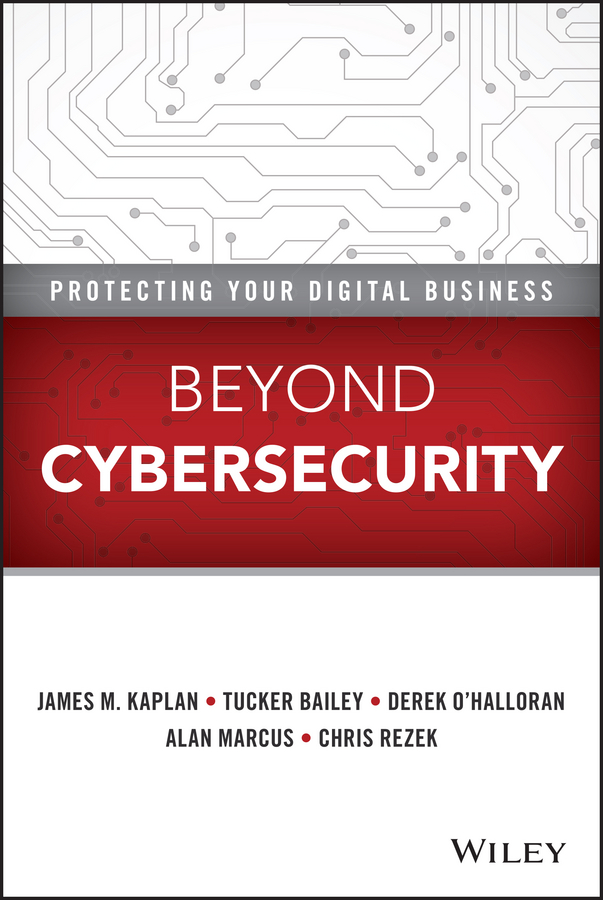
Beyond Cybersecurity Move beyond cybersecurity to take protection of your digital business to the next level Beyond Cybersecurity: Protecting Your Digital Business arms your company against devastating online security breaches by providing you with the information and guidance you need to avoid catastrophic data compromise. Based upon highly-regarded risk assessment analysis, this critical text is founded upon proprietary research, client experience, and interviews with over 200 executives, regulators, and security experts, offering you a well-rounded, thoroughly researched resource that presents its findings in an organized, approachable style. Members of the global economy have spent years and tens of billions of dollars fighting cyber threats—but attacks remain an immense concern in the world of online business. The threat of data compromise that can lead to the leak of important financial and personal details can make consumers suspicious of the digital economy, and cause a nosedive in their trust and confidence in online business models. Understand the critical issue of cyber-attacks, and how they are both a social and a business issue that could slow the pace of innovation while wreaking financial havoc Consider how step-change capability improvements can create more resilient organizations Discuss how increased collaboration within the cybersecurity industry could improve alignment on a broad range of policy issues Explore how the active engagement of top-level business and public leaders can achieve progress toward cyber-resiliency Beyond Cybersecurity: Protecting Your Digital Business is an essential resource for business leaders who want to protect their organizations against cyber-attacks. BUSINESS & ECONOMICS,Industries,Computers & Information Technology
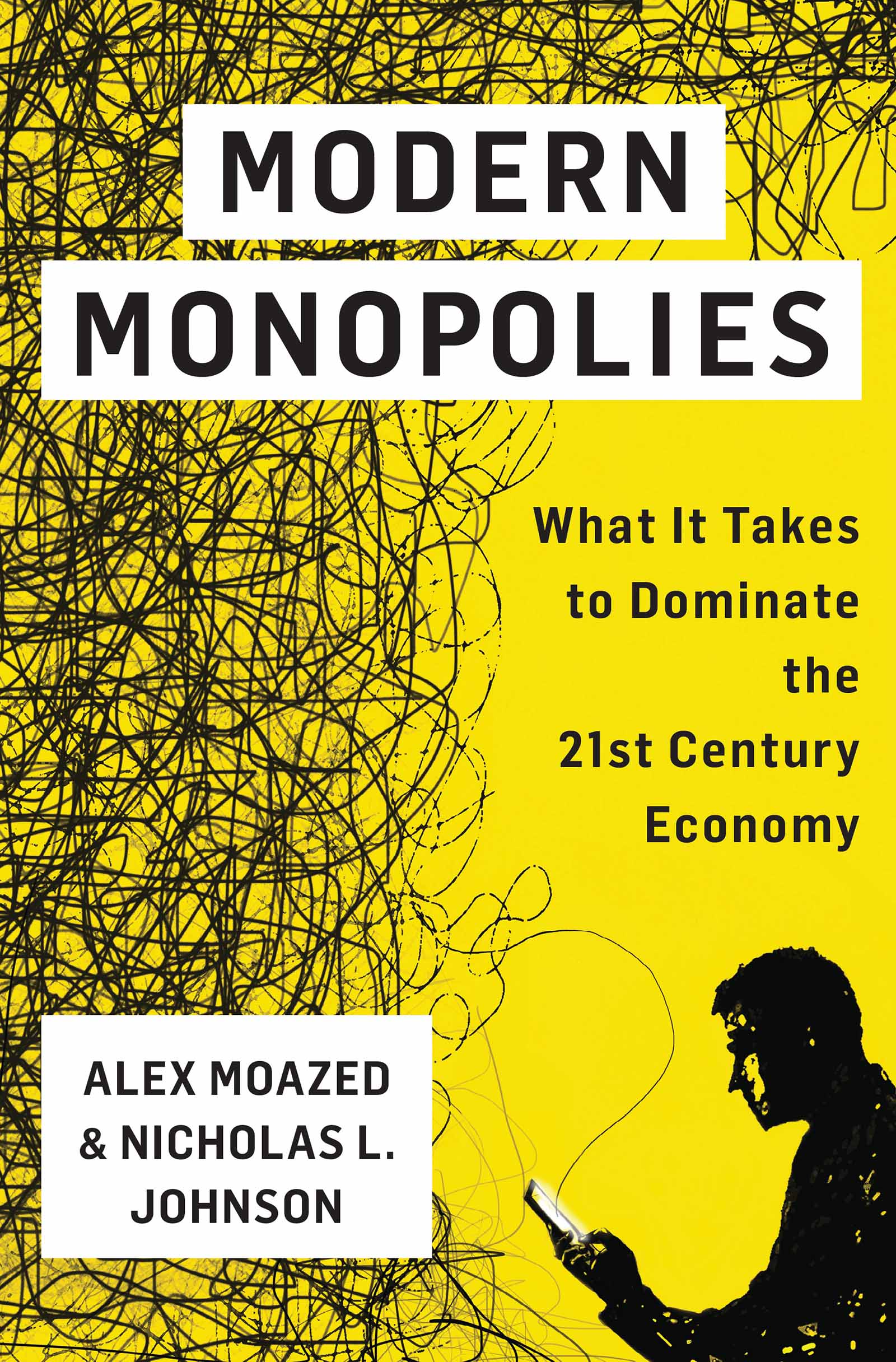
Modern Monopolies A look at the ubiquitous new business model, the platform, that's taking over the economy - and our digital lives. BUSINESS & ECONOMICS,Industries,Computers & Information Technology

Smart Flexibility Smart Flexibility: Moving Smart and Flexible Working from Theory to Practice is an engaging and practical management book to help organisations implement Smart Working, and take a business-focused approach to ’Flexible Working’. Written for managers at the leading edge of change, Andy Lake takes a strategic, comprehensive and integrated approach to Smart and Flexible Working. Taking an evidence-based approach, he sets out how to achieve measurable benefits across the Triple Bottom Line. Starting from the underlying principles and the compelling context for change, he takes a pragmatic approach to delivering change in each of the key areas of People (HR), Property and Technology. The book is designed to help professionals understand the vital connecting points across disciplines as well as innovations in their own fields. And there are separate chapters that look at the real impacts for sustainability, the impacts for ’Smart Government’, how to manage the ’Anywhere Anytime Team’ and how to take people on the journey towards a Smart Flexibility organisational culture. The book includes many insights based on the author’s experience and the latest research, many practical techniques for implementing change plus ten new case studies. Smart Flexibility is essential reading for anyone involved in workplace change and increasing the efficiency of organisations. It is aimed at managers who need to deliver change, and will be of great interest to consultants in the fields of workplace design, new technologies and HR/OD/Training. BUSINESS & ECONOMICS,Industries,Computers & Information Technology
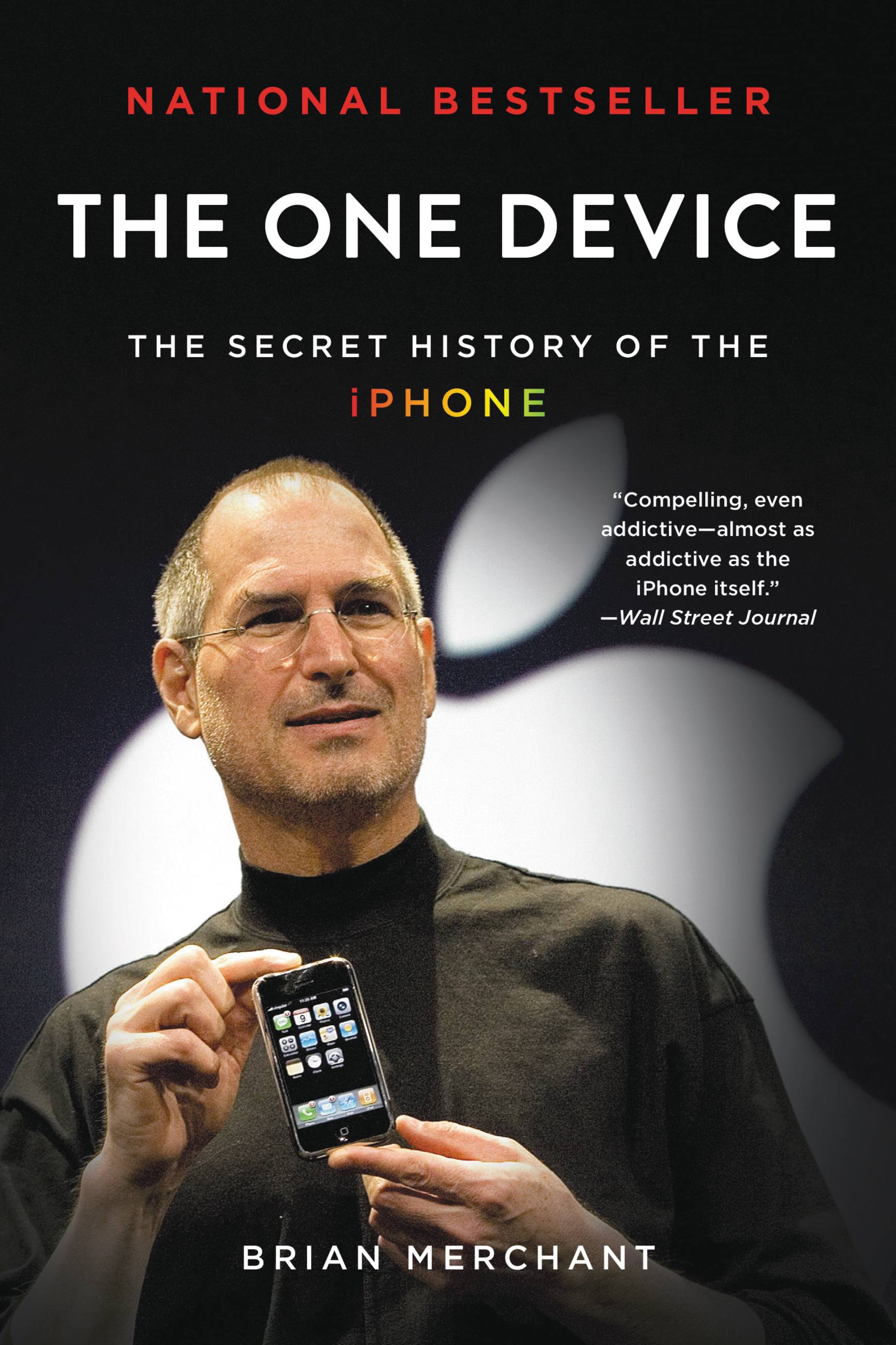
The One Device The secret history of the invention that changed everything-and became the most profitable product in the world. "The One Device is a tour de force, with a fast-paced edge and heaps of analytical insight."-Ashlee Vance, New York Times bestselling author of Elon Musk "A stunning book. You will never look at your iPhone the same way again." -Dan Lyons, New York Times bestselling author of Disrupted Odds are that as you read this, an iPhone is within reach. But before Steve Jobs introduced us to "the one device," as he called it, a cell phone was merely what you used to make calls on the go. How did the iPhone transform our world and turn Apple into the most valuable company ever? Veteran technology journalist Brian Merchant reveals the inside story you won't hear from Cupertino-based on his exclusive interviews with the engineers, inventors, and developers who guided every stage of the iPhone's creation. This deep dive takes you from inside One Infinite Loop to 19th century France to WWII America, from the driest place on earth to a Kenyan pit of toxic e-waste, and even deep inside Shenzhen's notorious "suicide factories." It's a firsthand look at how the cutting-edge tech that makes the world work-touch screens, motion trackers, and even AI-made their way into our pockets. The One Device is a roadmap for design and engineering genius, an anthropology of the modern age, and an unprecedented view into one of the most secretive companies in history. This is the untold account, ten years in the making, of the device that changed everything. BUSINESS & ECONOMICS,Industries,Computers & Information Technology
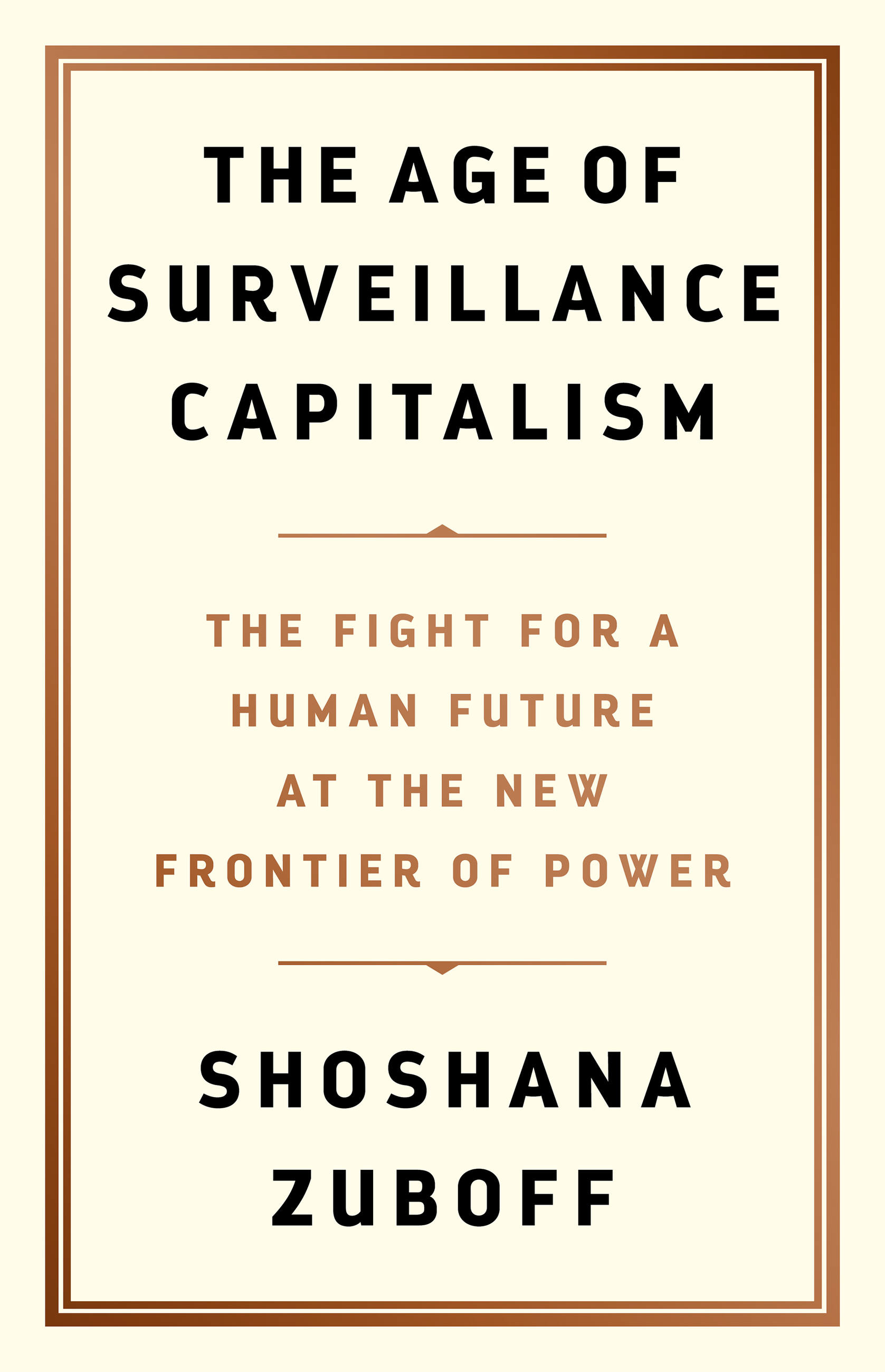
The Age of Surveillance Capitalism The challenges to humanity posed by the digital future, the first detailed examination of the unprecedented form of power called "surveillance capitalism," and the quest by powerful corporations to predict and control our behavior. In this masterwork of original thinking and research, Shoshana Zuboff provides startling insights into the phenomenon that she has named surveillance capitalism. The stakes could not be higher: a global architecture of behavior modification threatens human nature in the twenty-first century just as industrial capitalism disfigured the natural world in the twentieth. Zuboff vividly brings to life the consequences as surveillance capitalism advances from Silicon Valley into every economic sector. Vast wealth and power are accumulated in ominous new "behavioral futures markets," where predictions about our behavior are bought and sold, and the production of goods and services is subordinated to a new "means of behavioral modification." The threat has shifted from a totalitarian Big Brother state to a ubiquitous digital architecture: a "Big Other" operating in the interests of surveillance capital. Here is the crucible of an unprecedented form of power marked by extreme concentrations of knowledge and free from democratic oversight. Zuboff's comprehensive and moving analysis lays bare the threats to twenty-first century society: a controlled "hive" of total connection that seduces with promises of total certainty for maximum profit -- at the expense of democracy, freedom, and our human future. With little resistance from law or society, surveillance capitalism is on the verge of dominating the social order and shaping the digital future -- if we let it. BUSINESS & ECONOMICS,Industries,Computers & Information Technology
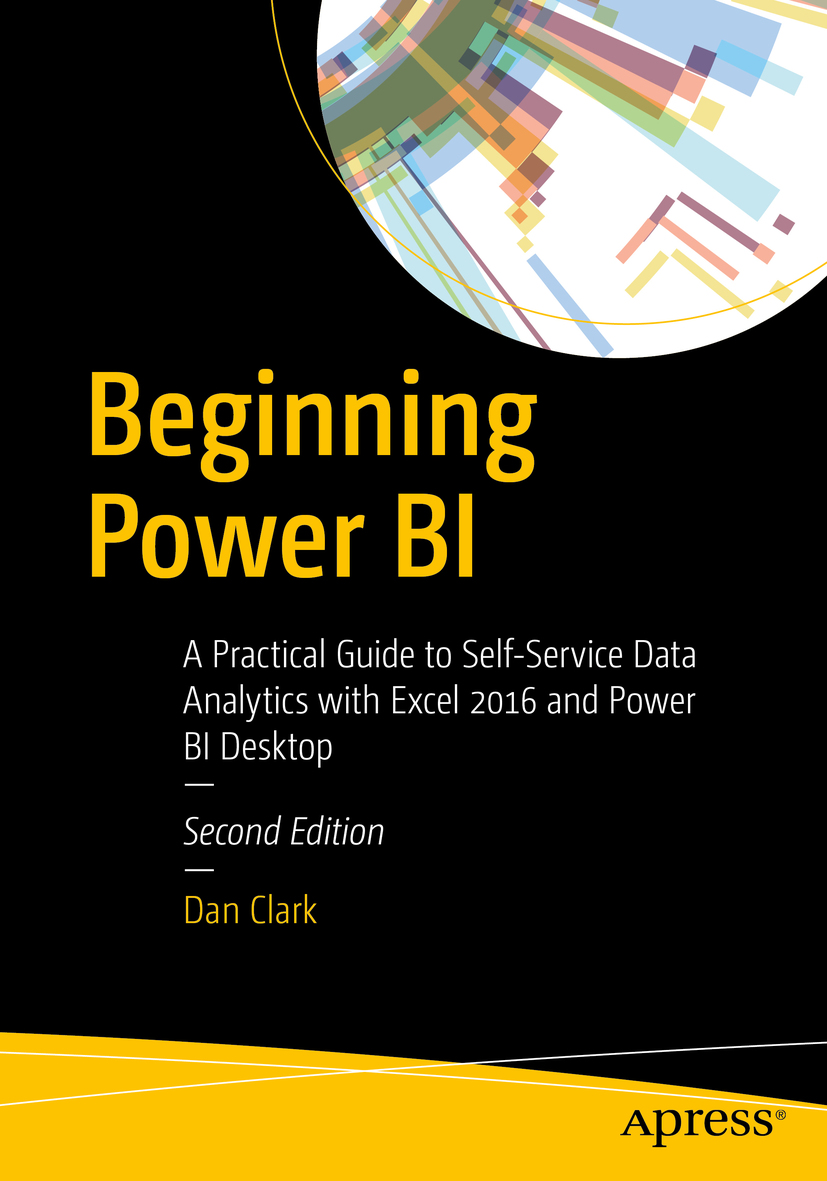
Beginning Power BI Analyze your company’s data quickly and easily using Microsoft’s latest tools. You will learn to build scalable and robust data models to work from, clean and combine different data sources effectively, and create compelling visualizations and share them with your colleagues. Author Dan Clark takes you through each topic using step-by-step activities and plenty of screen shots to help familiarize you with the tools. This second edition includes new material on advanced uses of Power Query, along with the latest user guidance on the evolving Power BI platform. Beginning Power BI is your hands-on guide to quick, reliable, and valuable data insight. What You'll Learn Simplify data discovery, association, and cleansing Build solid analytical data models Create robust interactive data presentations Combine analytical and geographic data in map-based visualizations Publish and share dashboards and reports Who This Book Is For Business analysts, database administrators, developers, and other professionals looking to better understand and communicate with data BUSINESS & ECONOMICS,Industries,Computers & Information Technology

The Philosophy of Software This book is a critical introduction to code and software that develops an understanding of its social and philosophical implications in the digital age. Written specifically for people interested in the subject from a non-technical background, the book provides a lively and interesting analysis of these new media forms. BUSINESS & ECONOMICS,Industries,Computers & Information Technology
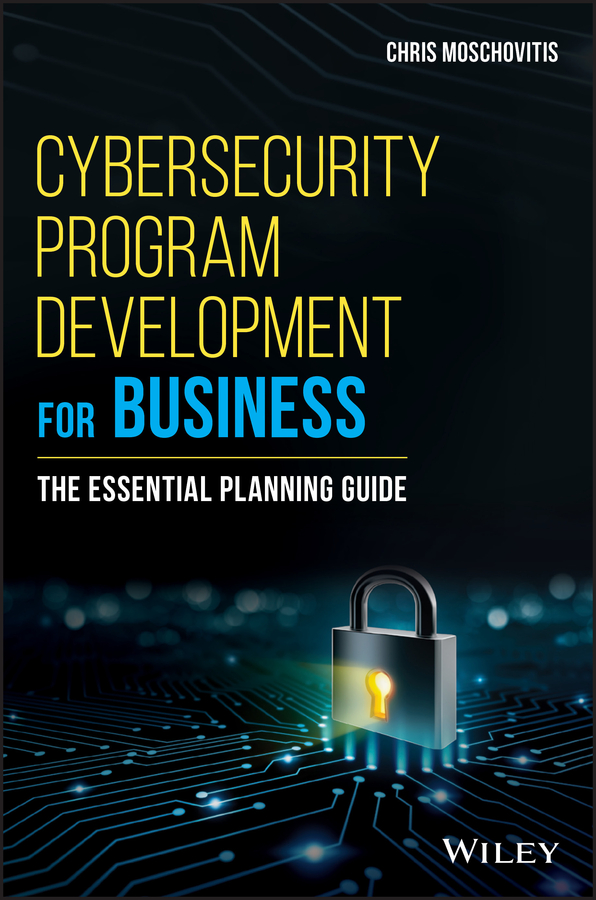
Cybersecurity Program Development for Business "This is the book executives have been waiting for. It is clear: With deep expertise but in nontechnical language, it describes what cybersecurity risks are and the decisions executives need to make to address them. It is crisp: Quick and to the point, it doesn't waste words and won't waste your time. It is candid: There is no sure cybersecurity defense, and Chris Moschovitis doesn't pretend there is; instead, he tells you how to understand your company's risk and make smart business decisions about what you can mitigate and what you cannot. It is also, in all likelihood, the only book ever written (or ever to be written) about cybersecurity defense that is fun to read." —Thomas A. Stewart, Executive Director, National Center for the Middle Market and Co-Author of Woo, Wow, and Win: Service Design, Strategy, and the Art of Customer Delight Get answers to all your cybersecurity questions In 2016, we reached a tipping point—a moment where the global and local implications of cybersecurity became undeniable. Despite the seriousness of the topic, the term "cybersecurity" still exasperates many people. They feel terrorized and overwhelmed. The majority of business people have very little understanding of cybersecurity, how to manage it, and what's really at risk. This essential guide, with its dozens of examples and case studies, breaks down every element of the development and management of a cybersecurity program for the executive. From understanding the need, to core risk management principles, to threats, tools, roles and responsibilities, this book walks the reader through each step of developing and implementing a cybersecurity program. Read cover-to-cover, it’s a thorough overview, but it can also function as a useful reference book as individual questions and difficulties arise. Unlike other cybersecurity books, the text is not bogged down with industry jargon Speaks specifically to the executive who is not familiar with the development or implementation of cybersecurity programs Shows you how to make pragmatic, rational, and informed decisions for your organization Written by a top-flight technologist with decades of experience and a track record of success If you’re a business manager or executive who needs to make sense of cybersecurity, this book demystifies it for you. BUSINESS & ECONOMICS,Industries,Computers & Information Technology
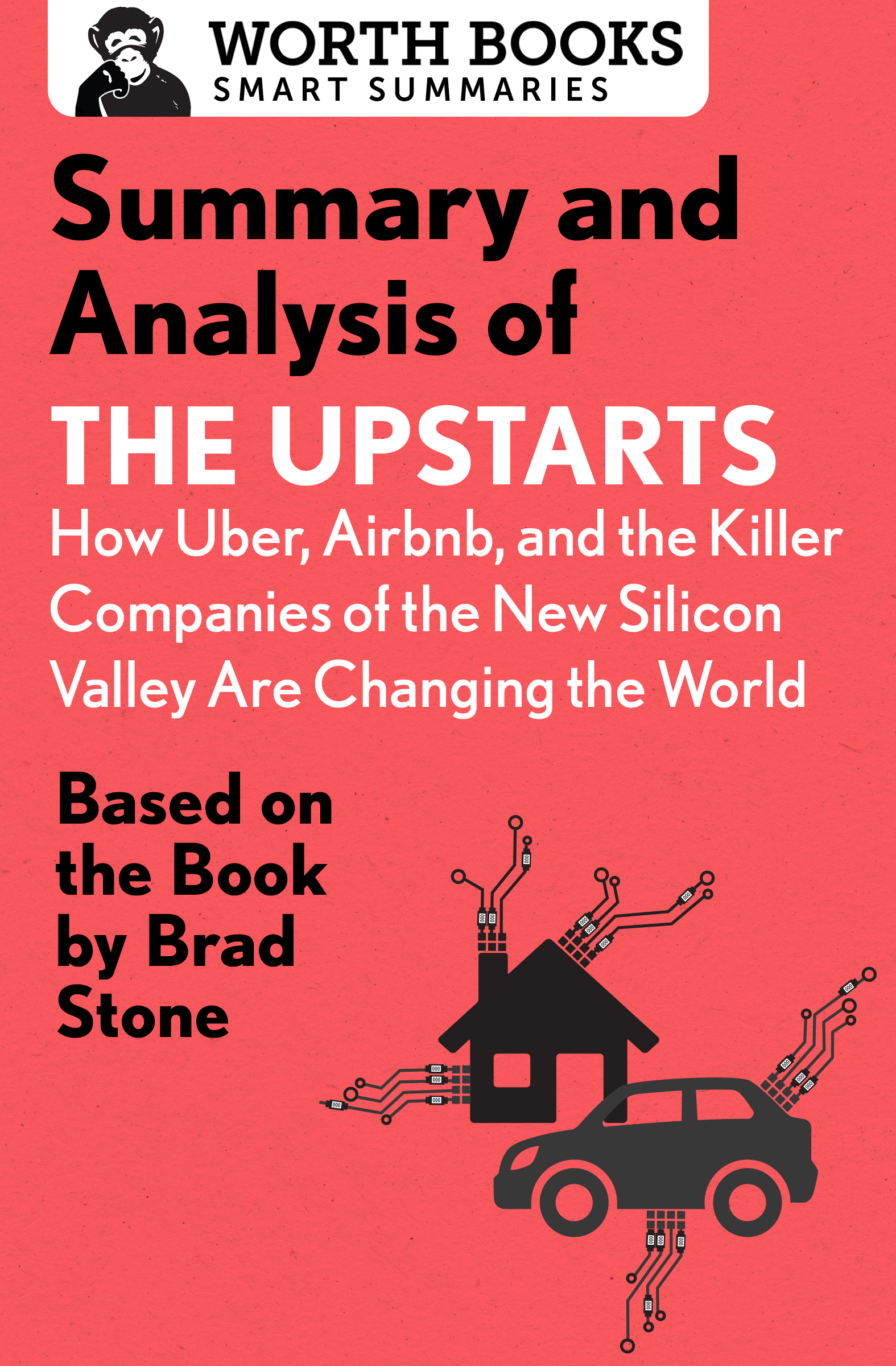
Summary and Analysis of The Upstarts So much to read, so little time? This brief overview of The Upstarts tells you what you need to know—before or after you read Brad Stone’s book. Crafted and edited with care, Worth Books set the standard for quality and give you the tools you need to be a well-informed reader. This short summary and analysis of The Upstarts: How Uber, Airbnb, and the Killer Companies of the New Silicon Valley Are Changing the World includes: Chapter-by-chapter overviews Character profiles Detailed timeline of events Important quotes Fascinating trivia Glossary of terms Supporting material to enhance your understanding of the original work About The Upstarts by Brad Stone: Brad Stone’s The Upstarts: How Uber, Airbnb, and the Killer Companies of the New Silicon Valley Are Changing the World is a detailed account of the founding of Uber and Airbnb, as well as each company’s climb from small startup to transportation and hospitality powerhouse. The Upstarts provides insight into the early lives of entrepreneurs Travis Kalanick and Brian Chesky, including their forays into new business ventures, some successful, most of them not. Stone points out the amazing parallels between the two tech companies as they fight for startup capital, wrestle to find the right framework for their products and organizations, and bring in the talent and technology needed to support those offerings. The summary and analysis in this ebook are intended to complement your reading experience and bring you closer to a great work of nonfiction. BUSINESS & ECONOMICS,Industries,Computers & Information Technology
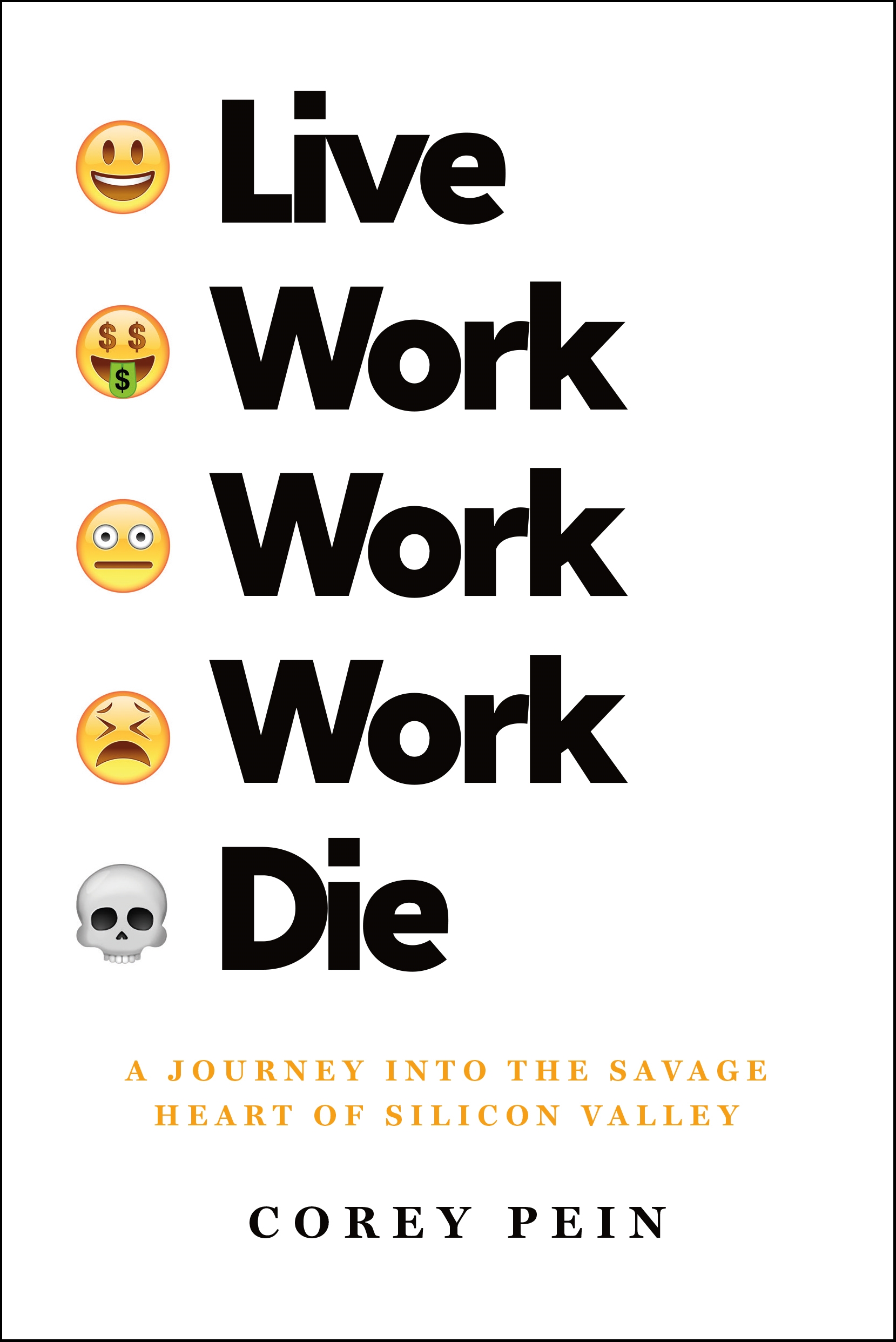
Live Work Work Work Die A scathing, sardonic exploration of Silicon Valley tech culture, laying bare the greed, hubris, and retrograde politics of an industry that aspires to radically transform society for its own benefit At the height of the startup boom, journalist Corey Pein set out for Silicon Valley with little more than a smartphone and his wits. His goal: to learn how such an overhyped industry could possibly sustain itself as long as it has. But to truly understand the delirious reality of the tech entrepreneurs, he knew he would have to inhabit that perspective—he would have to become an entrepreneur himself. Thus Pein begins his journey—skulking through gimmicky tech conferences, pitching his over-the-top business ideas to investors, and rooming with a succession of naive upstart programmers whose entire lives are managed by their employers—who work endlessly and obediently, never thinking to question their place in the system. In showing us this frantic world, Pein challenges the positive, feel-good self-image that the tech tycoons have crafted—as nerdy and benevolent creators of wealth and opportunity—revealing their self-justifying views and their insidious visions for the future. Vivid and incisive, Live Work Work Work Die is a troubling portrait of a self-obsessed industry bent on imposing its disturbing visions on the rest of us. BUSINESS & ECONOMICS,Industries,Computers & Information Technology
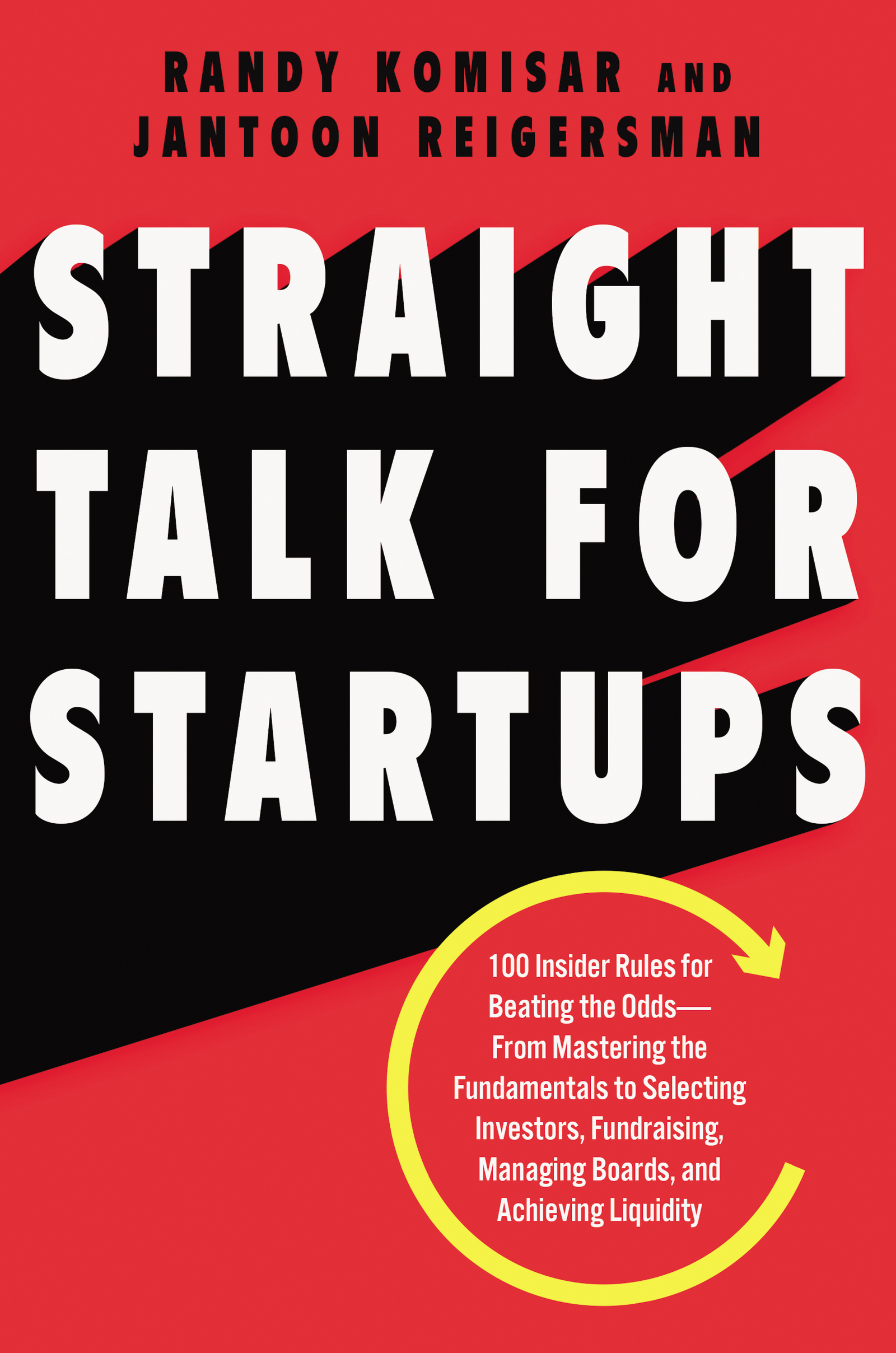
Straight Talk for Startups "Straight Talk for Startups memorializes age-old best practices and empowers both experienced and new investment professionals to beat the odds."—David Krane, CEO, Google Ventures "Straight Talk for Startups is filled with real, raw, and fact-based ‘rules of the road’ that you need to know when diving into our ultra-competitive startup world. A must read and a re-read!"—Tony Fadell, Coinventor of the iPod/iPhone & Founder of Nest Labs Veteran venture capitalist Randy Komisar and finance executive Jantoon Reigersman share no-nonsense, counterintuitive guidelines to help anyone build a successful startup. Over the course of their careers, Randy Komisar and Jantoon Reigersman continue to see startups crash and burn because they forget the timeless lessons of entrepreneurship. But, as Komisar and Reigersman show, you can beat the odds if you quickly learn what insiders know about what it takes to build a healthy foundation for a thriving venture. In Straight Talk for Startups they walk budding entrepreneurs through 100 essential rules—from pitching your idea to selecting investors to managing your board to deciding how and when to achieve liquidity. Culled from their own decades of experience, as well as the experiences of their many successful colleagues and friends, the rules are organized under broad topics, from "Mastering the Fundamentals" and "Selecting the Right Investors," to "The Ideal Fundraise," "Building and Managing Effective Boards," and "Achieving Liquidity." Vital rules you’ll find in Straight Talk for Startups include: The best ideas originate from founders who are users Create two business plans: an execution plan and an aspirational plan Net income is an option, but cash flow is a fact Don’t accept money from strangers Personal wealth doesn’t equal good investing Small boards are better than big ones Add independent board members for expertise and objectivity Too many unanimous board decisions are a sign of trouble Choose an acquirer, don’t wait to be chosen Learn the rules by heart so you know when to break them Filled with helpful real-life examples and specific, actionable advice, Straight Talk for Startups is the ideal handbook for anyone running, working for, or thinking about creating a startup, or just curious about what makes high-potential ventures tick. BUSINESS & ECONOMICS,Industries,Computers & Information Technology
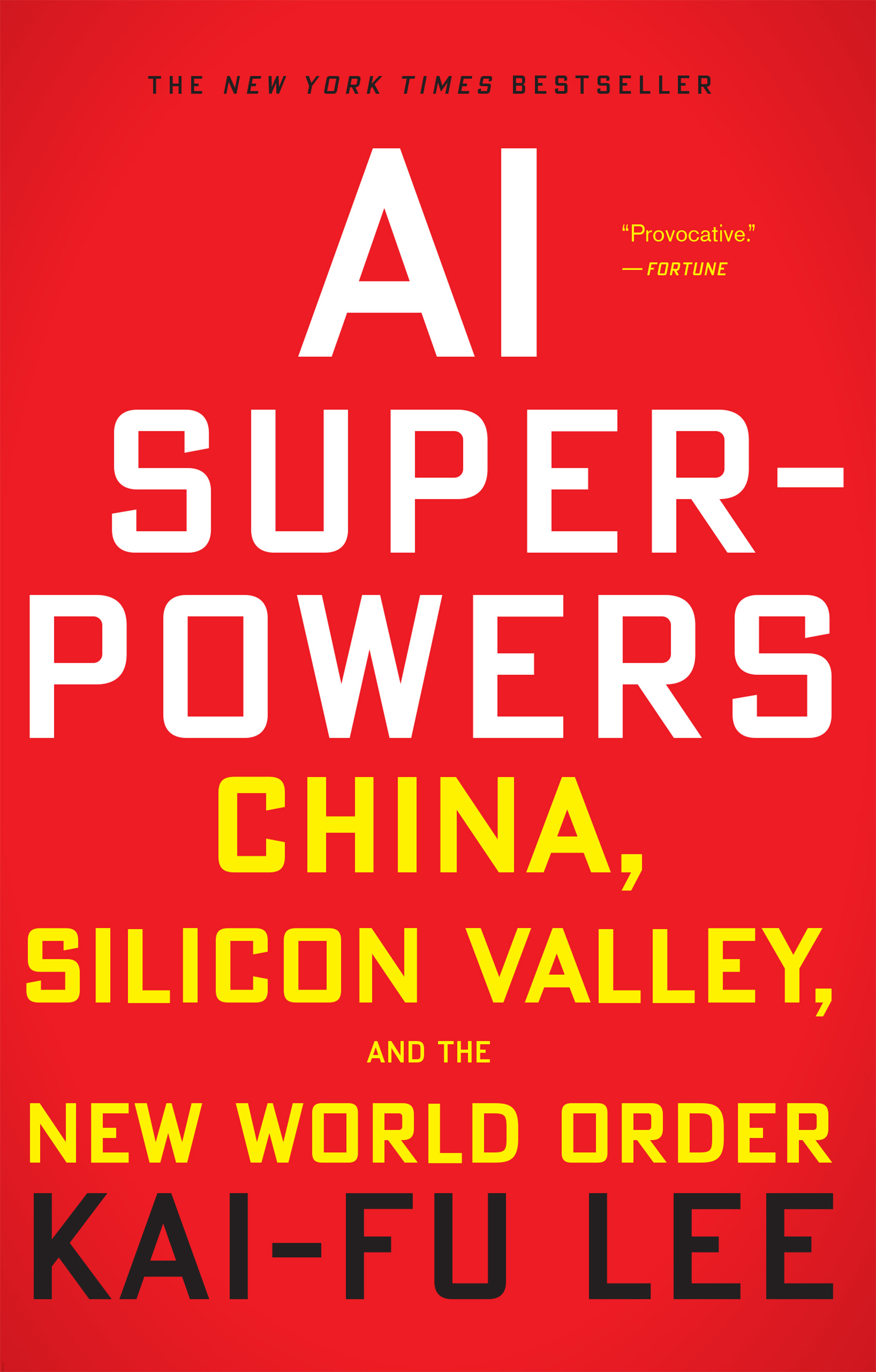
AI Superpowers The United States has long been the leader in Artificial Intelligence. But Dr. Kai-Fu Lee—one of the world’s most respected experts on AI—reveals that China has caught up to the US at an astonishingly rapid pace. As Sino-American competition in AI heats up, Lee envisions China and the US forming a powerful duopoly in AI. He outlines the upheaval of traditional jobs, how the suddenly unemployed will find new ways of making their lives meaningful, and how the Chinese and American governments will have to cope with the changing economic landscape. BUSINESS & ECONOMICS,Industries,Computers & Information Technology

Creative Selection * WALL STREET JOURNAL BESTSELLER * An insider's account of Apple's creative process during the golden years of Steve Jobs. Hundreds of millions of people use Apple products every day; several thousand work on Apple's campus in Cupertino, California; but only a handful sit at the drawing board. Creative Selection recounts the life of one of the few who worked behind the scenes, a highly-respected software engineer who worked in the final years of the Steve Jobs era—the Golden Age of Apple. Ken Kocienda offers an inside look at Apple’s creative process. For fifteen years, he was on the ground floor of the company as a specialist, directly responsible for experimenting with novel user interface concepts and writing powerful, easy-to-use software for products including the iPhone, the iPad, and the Safari web browser. His stories explain the symbiotic relationship between software and product development for those who have never dreamed of programming a computer, and reveal what it was like to work on the cutting edge of technology at one of the world's most admired companies. Kocienda shares moments of struggle and success, crisis and collaboration, illuminating each with lessons learned over his Apple career. He introduces the essential elements of innovation—inspiration, collaboration, craft, diligence, decisiveness, taste, and empathy—and uses these as a lens through which to understand productive work culture. An insider's tale of creativity and innovation at Apple, Creative Selection shows readers how a small group of people developed an evolutionary design model, and how they used this methodology to make groundbreaking and intuitive software which countless millions use every day. BUSINESS & ECONOMICS,Industries,Computers & Information Technology
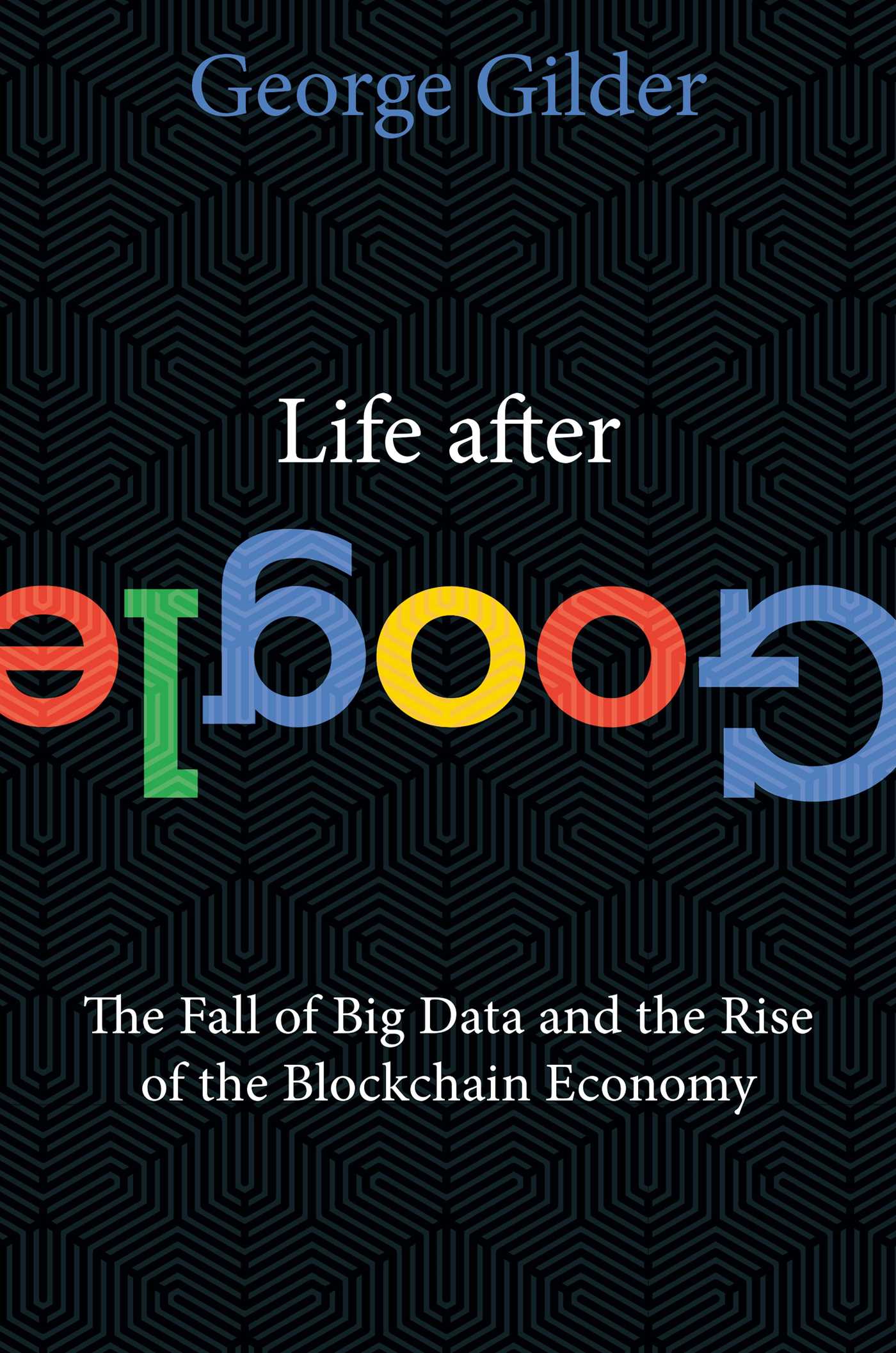
Life After Google A FINANCIAL TIMES BOOK OF THE MONTH FROM THE WALL STREET JOURNAL: " Nothing Mr. Gilder says or writes is ever delivered at anything less than the fullest philosophical decibel... Mr. Gilder sounds less like a tech guru than a poet, and his words tumble out in a romantic cascade." “Google’s algorithms assume the world’s future is nothing more than the next moment in a random process. George Gilder shows how deep this assumption goes, what motivates people to make it, and why it’s wrong: the future depends on human action.†— Peter Thiel, founder of PayPal and Palantir Technologies and author of Zero to One: Notes on Startups, or How to Build the Future The Age of Google, built on big data and machine intelligence, has been an awesome era. But it’s coming to an end. In Life after Google, George Gilder—the peerless visionary of technology and culture—explains why Silicon Valley is suffering a nervous breakdown and what to expect as the post-Google age dawns. Google’s astonishing ability to “search and sort†attracts the entire world to its search engine and countless other goodies—videos, maps, email, calendars….And everything it offers is free, or so it seems. Instead of paying directly, users submit to advertising. The system of “aggregate and advertise†works—for a while—if you control an empire of data centers, but a market without prices strangles entrepreneurship and turns the Internet into a wasteland of ads. The crisis is not just economic. Even as advances in artificial intelligence induce delusions of omnipotence and transcendence, Silicon Valley has pretty much given up on security. The Internet firewalls supposedly protecting all those passwords and personal information have proved hopelessly permeable. The crisis cannot be solved within the current computer and network architecture. The future lies with the “cryptocosmâ€â€”the new architecture of the blockchain and its derivatives. Enabling cryptocurrencies such as bitcoin and ether, NEO and Hashgraph, it will provide the Internet a secure global payments system, ending the aggregate-and-advertise Age of Google. Silicon Valley, long dominated by a few giants, faces a “great unbundling,†which will disperse computer power and commerce and transform the economy and the Internet. Life after Google is almost here. For fans of "Wealth and Poverty," "Knowledge and Power," and "The Scandal of Money." BUSINESS & ECONOMICS,Industries,Computers & Information Technology
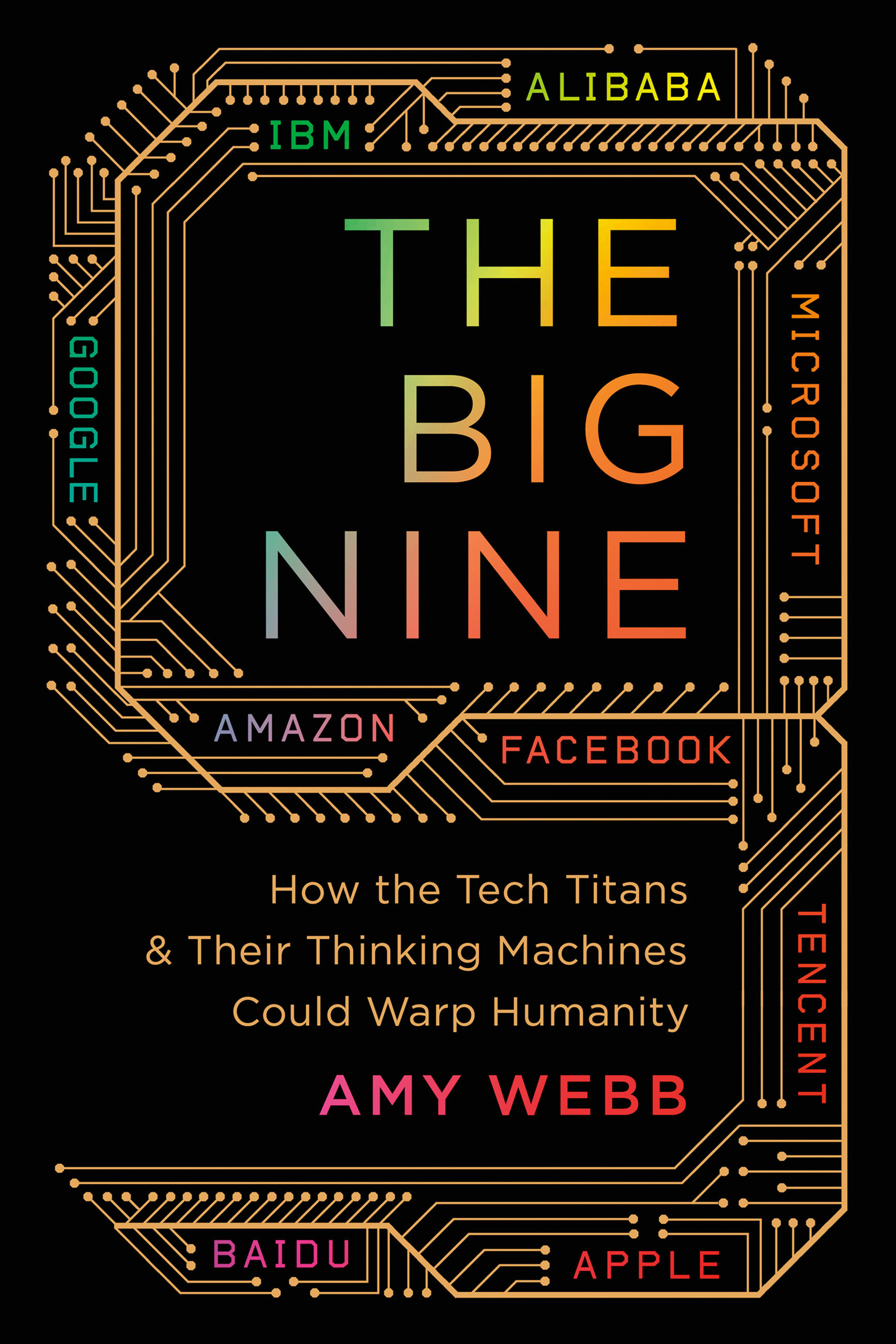
The Big Nine A call-to-arms about the broken nature of artificial intelligence, and the powerful corporations that are turning the human-machine relationship on its head. We like to think that we are in control of the future of "artificial" intelligence. The reality, though, is that we -- the everyday people whose data powers AI -- aren't actually in control of anything. When, for example, we speak with Alexa, we contribute that data to a system we can't see and have no input into -- one largely free from regulation or oversight. The big nine corporations -- Amazon, Google, Facebook, Tencent, Baidu, Alibaba, Microsoft, IBM and Apple--are the new gods of AI and are short-changing our futures to reap immediate financial gain. In this book, Amy Webb reveals the pervasive, invisible ways in which the foundations of AI -- the people working on the system, their motivations, the technology itself -- is broken. Within our lifetimes, AI will, by design, begin to behave unpredictably, thinking and acting in ways which defy human logic. The big nine corporations may be inadvertently building and enabling vast arrays of intelligent systems that don't share our motivations, desires, or hopes for the future of humanity. Much more than a passionate, human-centered call-to-arms, this book delivers a strategy for changing course, and provides a path for liberating us from algorithmic decision-makers and powerful corporations. BUSINESS & ECONOMICS,Industries,Computers & Information Technology

The Infinite Machine Written with the verve of such works as The Big Short, The History of the Future, and The Spider Network, here is the fascinating, true story of the rise of Ethereum, the second-biggest digital asset in the world, the growth of cryptocurrency, and the future of the internet as we know it. Everyone has heard of Bitcoin, but few know about the second largest cryptocurrency, Ethereum, which has been heralded as the "next internet." The story of Ethereum begins with Vitalik Buterin, a supremely gifted nineteen-year-old autodidact who saw the promise of blockchain when the technology was in its earliest stages. He convinced a crack group of coders to join him in his quest to make a super-charged, global computer. The Infinite Machine introduces Vitalik’s ingenious idea and unfolds Ethereum’s chaotic beginnings. It then explores the brilliant innovation and reckless greed the platform—an infinitely adaptable foundation for experimentation and new applications—has unleashed and the consequences that resulted as the frenzy surrounding it grew: increased regulatory scrutiny, incipient Wall Street interest, and the founding team’s effort to get the Ethereum platform to scale so it can eventually be accessible to the masses. Financial journalist and cryptocurrency expert Camila Russo details the wild and often hapless adventures of a team of hippy-anarchists, reluctantly led by an ambivalent visionary, and lays out how this new foundation for the internet will spur both transformation and fraud—turning some into millionaires and others into felons—and revolutionize our ideas about money. BUSINESS & ECONOMICS,Industries,Computers & Information Technology
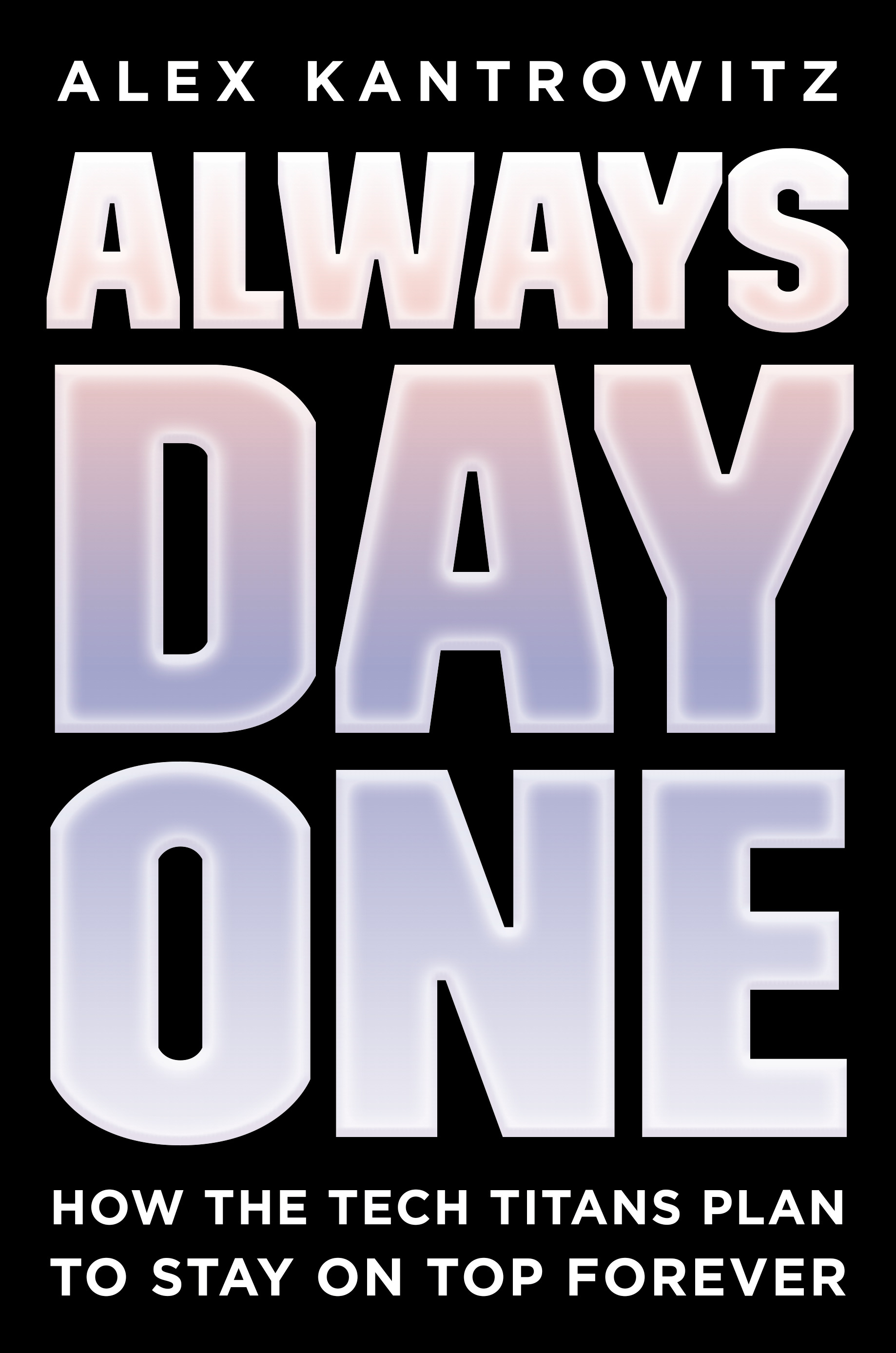
Always Day One "This is a terrific book" - Kara Swisher An acclaimed tech reporter reveals the inner workings of Amazon, Facebook, Google, Apple, and Microsoft, showing how to compete with the tech titans using their own playbook. At Amazon, "Day One" is code for inventing like a startup, with little regard for legacy. Day Two is, in Jeff Bezos's own words, "stasis, followed by irrelevance, followed by excruciating, painful decline, followed by death." Most companies today are set up for Day Two. They build advantages and defend them fiercely, rather than invent the future. But Amazon and fellow tech titans Facebook, Google, and Microsoft are operating in Day One: they prioritize reinvention over tradition and collaboration over ownership. Through 130 interviews with insiders, from Mark Zuckerberg to hourly workers, Always Day One reveals the tech giants' blueprint for sustainable success in a business world where no advantage is safe. Companies today can spin up new products at record speed -- thanks to artificial intelligence and cloud computing -- and those who stand still will be picked apart. The tech giants remain dominant because they've built cultures that spark continual reinvention. It might sound radical, but those who don't act like it's always day one do so at their own peril. Kantrowitz uncovers the engine propelling the tech giants' continued dominance at a stage when most big companies begin to decline. And he shows the way forward for everyone who wants to compete with--and beat--the titans. BUSINESS & ECONOMICS,Industries,Computers & Information Technology
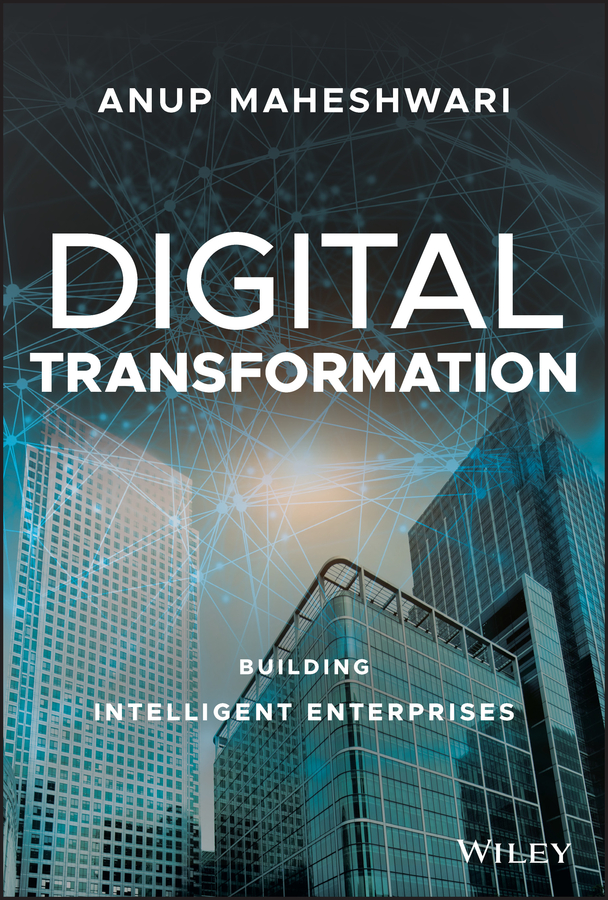
Digital Transformation Building Intelligent Enterprises by leveraging the emerging and next-generation technologies to accelerate the adoption of digital transformation The speed of innovation and emerging IT technologies are changing at a very fast pace and enterprises are eager to join the digital revolution so they can stand above the competition and succeed as the enterprise of tomorrow. This book is an attempt to make the enterprise intelligent by providing the path to digital transformation and the adoption of new IT methods, tools and technologies. This book has been organized to cover the following topics: Digital Transformation, Design Thinking, Agile, DevOps, Robotic Process Automation, Internet of Things, Artificial Intelligence, Machine Learning, Blockchain, Drones, Augmented and Virtual Reality, 3D Printing, Big Data, Analytics, Cloud Computing, APIs, and SAP Leonardo. No prior knowledge of any technical coding or language is necessary to understand the content of this book. End-to-end storyline to accelerate the enterprise’s digital transformation journey How an enterprise can stay relevant, compete, and perform in the digital economy How to leverage these technologies to build intelligent enterprises Understand and apply the emerging technologies across key business processes Industry-specific Use Cases for all technologies as a reference point to build the business case for implementation The book is very well suited towards the C-Suite executives, both IT and business leaders, directors and managers, project managers, solution architects, and all professionals who have an interest and desire to keep up-to-date with the latest technological trends, looking for a career change, want to help enterprise adapt and onboard the digital roadmap, or have an agenda to digitize key processes within the enterprise to make it intelligent. BUSINESS & ECONOMICS,Industries,Computers & Information Technology
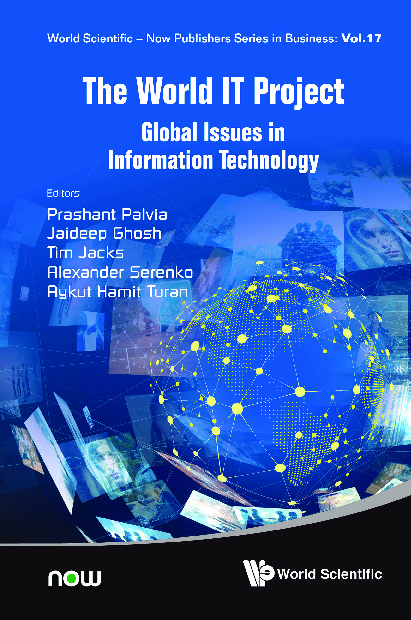
World It Project, The Understanding the key IT issues facing firms within their surrounding contexts is critical for the firm, government, and their international counterparts.In response to the dominant and pervasive bias in Information Systems (IS) research towards American and Western views, the World IT Project was launched and is the largest study of its kind in the field. This book captures the organizational, technological, and individual issues of IT employees across 37 countries.The book enables management and staff to formulate business and IT-related policies and strategies. Likewise, it allows policymakers, governments and vendors to address important issues at the national level as well as to respond to the needs of partners and stakeholders in other countries. It also offers current and future academic scholars a grounded understanding of the international IT environment and provides a sound foundation to launch many international IT studies. BUSINESS & ECONOMICS,Industries,Computers & Information Technology
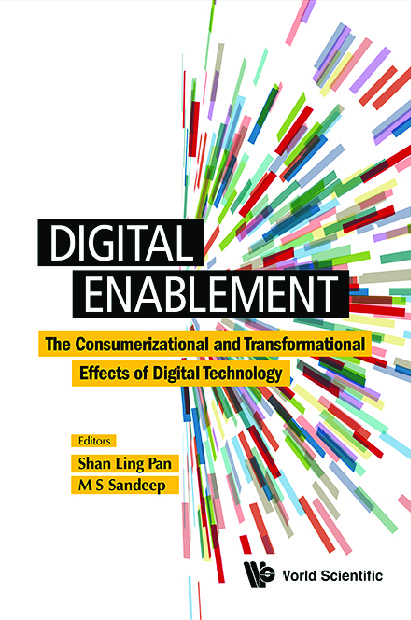
Digital Enablement This collection of papers from the Digital Enablement Conference 2016 aims to illustrate various aspects of the digital enablement phenomenon. Over the last two decades, advances in digital technology have fundamentally transformed the way we do business, work, and live. As new technologies emerge, they offer new possibilities for addressing increasingly complex economic and social problems.Digital enablement refers to the consumerizational and transformational roles of digital technology in driving business and social innovation, and has profound, multi-disciplinary implications. Some of these include: Facilitating new business models that transform the way firms transact, market, and engage with customers; providing new means of income generation for disadvantaged groups; and generating new means of social interaction, which empowers employees, customers, small businesses, and entire communities.This book introduces readers to case studies of digital enablement in business and society. It offers unique insights into the phenomenon from multiple contexts, giving readers a nuanced understanding of the roles digital enablement can play. BUSINESS & ECONOMICS,Industries,Computers & Information Technology
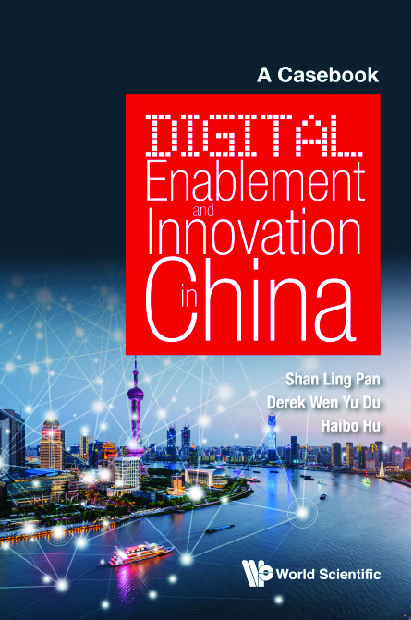
Digital Enablement And Innovation In China The casebook aims at providing the latest case materials for researchers and students who are keen to learn about the consumerization and transformation effects of digital technology.It is one of the first books covering the best practices of digital enablement in China, which has been the focus many observers among the practitioners as well as academics.The 22 projects analyzed include Zhongguancun InnoWay, OFO Bicycle, Esheke, Taobao, and more. BUSINESS & ECONOMICS,Industries,Computers & Information Technology
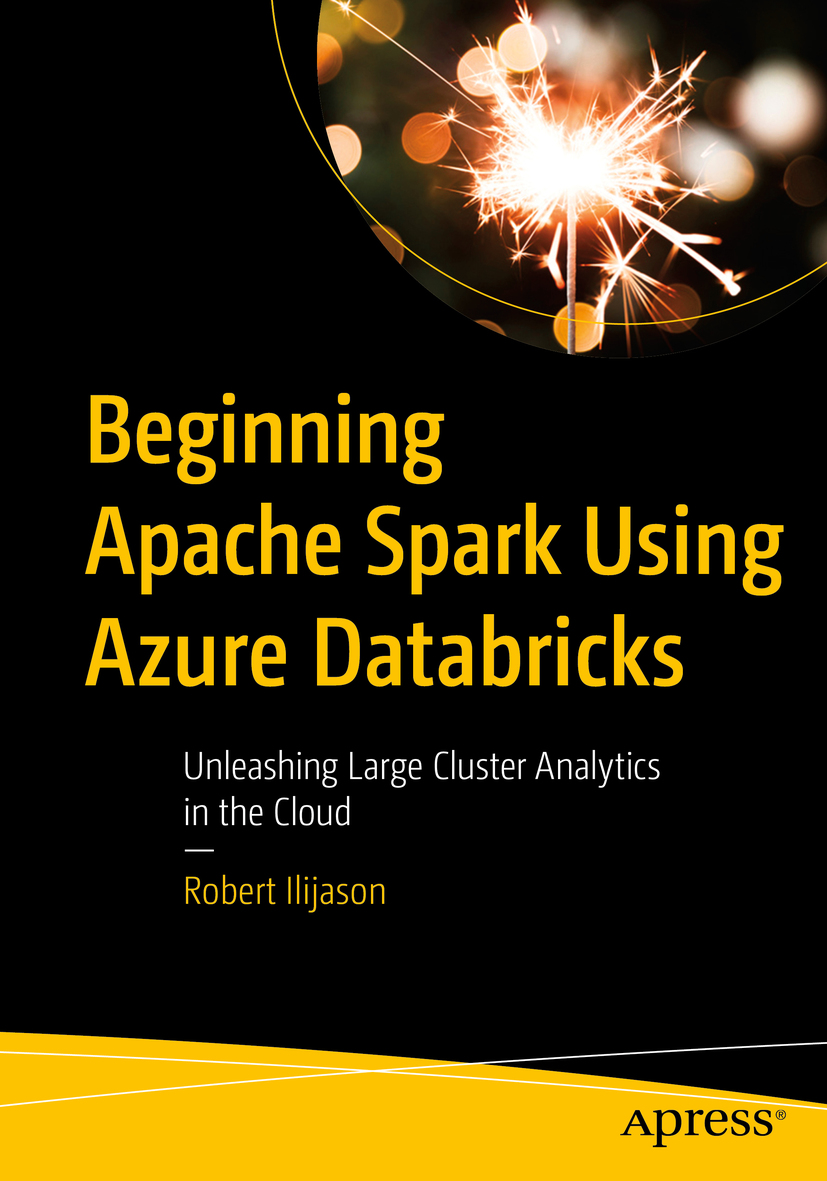
Beginning Apache Spark Using Azure Databricks Analyze vast amounts of data in record time using Apache Spark with Databricks in the Cloud. Learn the fundamentals, and more, of running analytics on large clusters in Azure and AWS, using Apache Spark with Databricks on top. Discover how to squeeze the most value out of your data at a mere fraction of what classical analytics solutions cost, while at the same time getting the results you need, incrementally faster. This book explains how the confluence of these pivotal technologies gives you enormous power, and cheaply, when it comes to huge datasets. You will begin by learning how cloud infrastructure makes it possible to scale your code to large amounts of processing units, without having to pay for the machinery in advance. From there you will learn how Apache Spark, an open source framework, can enable all those CPUs for data analytics use. Finally, you will see how services such as Databricks provide the power of Apache Spark, without you having to know anything about configuring hardware or software. By removing the need for expensive experts and hardware, your resources can instead be allocated to actually finding business value in the data. This book guides you through some advanced topics such as analytics in the cloud, data lakes, data ingestion, architecture, machine learning, and tools, including Apache Spark, Apache Hadoop, Apache Hive, Python, and SQL. Valuable exercises help reinforce what you have learned. What You Will Learn Discover the value of big data analytics that leverage the power of the cloud Get started with Databricks using SQL and Python in either Microsoft Azure or AWS Understand the underlying technology, and how the cloud and Apache Spark fit into the bigger picture See how these tools are used in the real world Run basic analytics, including machine learning, on billions of rows at a fraction of a cost or free Who This Book Is For Data engineers, data scientists, and cloud architects who want or need to run advanced analytics in the cloud. It is assumed that the reader has data experience, but perhaps minimal exposure to Apache Spark and Azure Databricks. The book is also recommended for people who want to get started in the analytics field, as it provides a strong foundation. BUSINESS & ECONOMICS,Industries,Computers & Information Technology
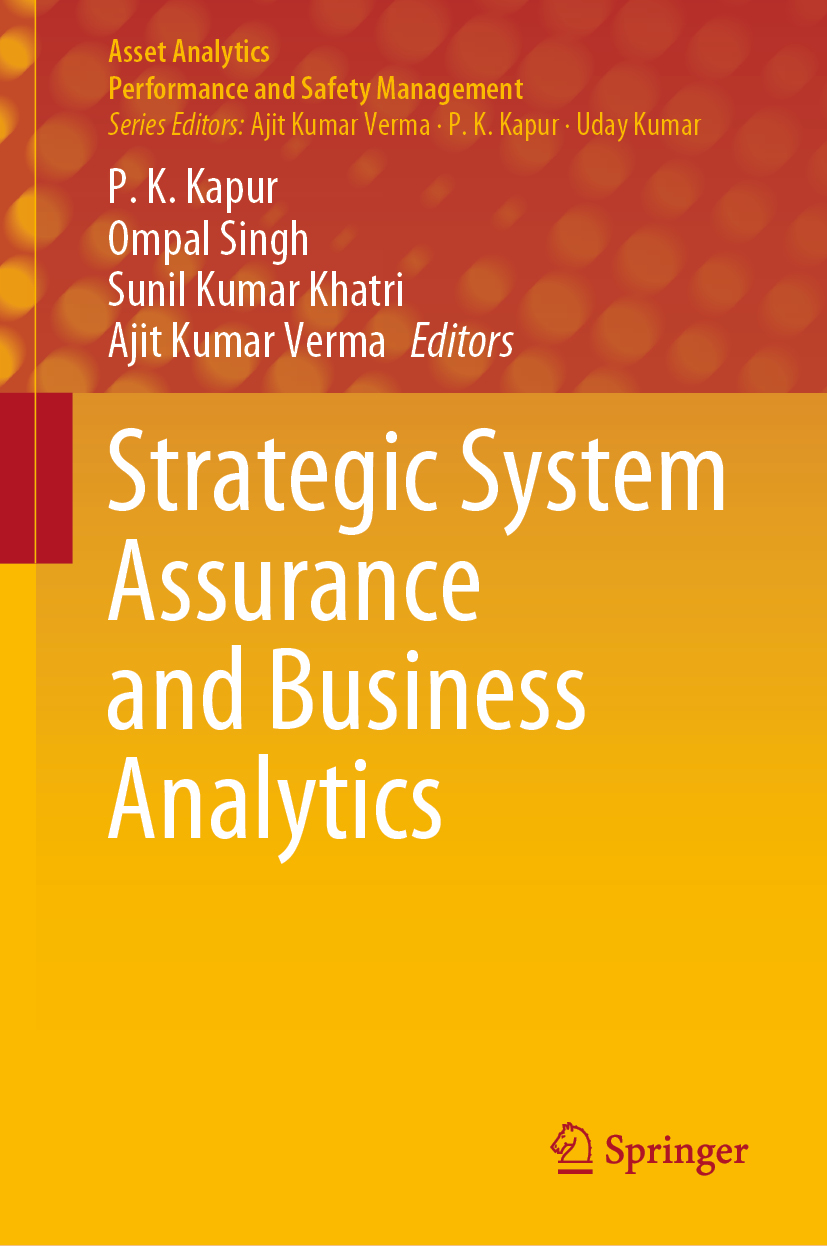
Strategic System Assurance and Business Analytics This book systematically examines and quantifies industrial problems by assessing the complexity and safety of large systems. It includes chapters on system performance management, software reliability assessment, testing, quality management, analysis using soft computing techniques, management analytics, and business analytics, with a clear focus on exploring real-world business issues. Through contributions from researchers working in the area of performance, management, and business analytics, it explores the development of new methods and approaches to improve business by gaining knowledge from bulk data. With system performance analytics, companies are now able to drive performance and provide actionable insights for each level and for every role using key indicators, generate mobile-enabled scorecards, time series-based analysis using charts, and dashboards. In the current dynamic environment, a viable tool known as multi-criteria decision analysis (MCDA) is increasingly being adopted to deal with complex business decisions. MCDA is an important decision support tool for analyzing goals and providing optimal solutions and alternatives. It comprises several distinct techniques, which are implemented by specialized decision-making packages. This book addresses a number of important MCDA methods, such as DEMATEL, TOPSIS, AHP, MAUT, and Intuitionistic Fuzzy MCDM, which make it possible to derive maximum utility in the area of analytics. As such, it is a valuable resource for researchers and academicians, as well as practitioners and business experts. BUSINESS & ECONOMICS,Industries,Computers & Information Technology

The Internet of Things Entrepreneurial Ecosystems This book focuses on the Internet of Things (IoT). IoT has caught the imagination as a transformational technology that will positively impact a large and diverse array of socio-economic activities. This book explores this impact, beginning with a chapter highlighting the promises and complexities of the IoT. It then explores these in greater detail in subsequent chapters. The first of these chapters explores the patenting activity of leading companies and is followed by a discussion of the challenges faced by the growth of ‘unicorns’ within Europe. The fourth chapter outlines a methodology for determining when investments in IoT should occur and is followed by a discussion of how the data generated by IoT will change marketing related decisions. The scope and complexity of the regulatory and governance structures associated with the IoT are then explored in the sixth chapter. These issues are brought together in the final chapter, which identifies the opportunities and challenges emanating from the IoT and how these may be tackled. This book will be valuable reading to academics working in the field of disruptive technology, innovation management, and technological change more broadly. BUSINESS & ECONOMICS,Industries,Computers & Information Technology

Applying Lean Six Sigma in the Pharmaceutical Industry Bikash Chatterjee emphasizes the criticality of applying the principles of Lean and Six Sigma within the paradigm of the drug development process. His guide to operational excellence in the pharmaceutical and biotech industries is a focused summary of the application of Lean Six Sigma theory to the regulated life sciences. From molecule discovery to the application of PAT Applying Lean Six Sigma in the Pharmaceutical Industry will highlight the importance of framing these initiatives within the key deliverables of drug development manufacturing and quality. Challenging conventional wisdom the author offers a quality and efficiency perspective as a foundation for the principles of Quality by Design, PAT and the new philosophies underlying Process Validation. Each chapter includes discussion around the considerations for applying Lean manufacturing and Six Sigma principles and their tools, culminating in a case study to illustrate the application. The book is organized to reflect the major work centers involved in the drug development lifecycle. Each chapter is stand-alone but together they illustrate the necessary synergy between Lean, Six Sigma and compliance sensibilities required to be successful in the pharmaceutical industry. These design, manufacturing and management techniques are not without their challenges. Bikash Chatterjee's book offers the roadmap for an industry that is struggling to reinvent many of its development and business processes. BUSINESS & ECONOMICS,Industries,Pharmaceutical & Biotechnology

Clinical Pharmacy Education, Practice and Research Clinical Pharmacy Education, Practice and Research offers readers a solid foundation in clinical pharmacy and related sciences through contributions by 83 leading experts in the field from 25 countries. This book stresses educational approaches that empower pharmacists with patient care and research competencies. The learning objectives and writing style of the book focus on clarifying the concepts comprehensively for a pharmacist, from regular patient counseling to pharmacogenomics practice. It covers all interesting topics a pharmacist should know. This book serves as a basis to standardize and coordinate learning to practice, explaining basics and using self-learning strategies through online resources or other advanced texts. With an educational approach, it guides pharmacy students and pharmacists to learn quickly and apply. Clinical Pharmacy Education, Practice and Research provides an essential foundation for pharmacy students and pharmacists globally. Covers the core information needed for pharmacy practice courses Includes multiple case studies and practical situations with 70% focused on practical clinical pharmacology knowledge Designed for educational settings, but also useful as a refresher for advanced students and researchers BUSINESS & ECONOMICS,Industries,Pharmaceutical & Biotechnology

Pharma BEST BOOKS OF MARCH - APPLE BOOKS TOP TEN PICKS FOR MARCH BOOKS - CHRISTIAN SCIENCE MONITOR BEST TRUE CRIME PICKS IN MARCH - CRIMEREADS MOST ANTICIPATED BOOKS OF 2020 - LITHUB Award-winning journalist and New York Times bestselling author Gerald Posner traces the heroes and villains of the trillion-dollar-a-year pharmaceutical industry and uncovers how those once entrusted with improving life have often betrayed that ideal to corruption and reckless profiteering—with deadly consequences. Pharmaceutical breakthroughs such as antiÂbiotics and vaccines rank among some of the greatest advancements in human history. Yet exorbitant prices for life-saving drugs, safety recalls affecting tens of millions of Americans, and soaring rates of addiction and overdose on preÂscription opioids have caused many to lose faith in drug companies. Now, Americans are demanding a national reckoning with a monolithic industry. Pharma introduces brilliant scientists, in-corruptible government regulators, and brave whistleblowers facing off against company execÂutives often blinded by greed. A business that profits from treating ills can create far deadlier problems than it cures. Addictive products are part of the industry’s DNA, from the days when corner drugstores sold morphine, heroin, and cocaine, to the past two decades of dangerously overprescribed opioids. Pharma also uncovers the real story of the Sacklers, the family that became one of America’s wealthiest from the success of OxyContin, their blockbuster narcotic painkiller at the center of the opioid crisis. Relying on thousands of pages of government and corporate archives, dozens of hours of interviews with insiders, and previously classified FBI files, Posner exposes the secrets of the Sacklers’ rise to power—revelations that have long been buried under a byzantine web of interlocking companies with ever-changing names and hidden owners. The unexpected twists and turns of the Sackler family saga are told against the startling chronicle of a powerful industry that sits at the intersection of public health and profits. Pharma reveals how and why American drug comÂpanies have put earnings ahead of patients. BUSINESS & ECONOMICS,Industries,Pharmaceutical & Biotechnology

Parenteral Medications, Fourth Edition Parenteral Medications is an authoritative, comprehensive reference work on the formulation and manufacturing of parenteral dosage forms, effectively balancing theoretical considerations with practical aspects of their development. Previously published as a three-volume set, all volumes have been combined into one comprehensive publication that addresses the plethora of changes in the science and considerable advances in the technology associated with these products and routes of administration. Key Features: Provides a comprehensive reference work on the formulation and manufacturing of parenteral dosage forms Addresses changes in the science and advances in the technology associated with parenteral medications and routes of administration Includes 13 new chapters and updated chapters throughout Contains the contributors of leading researchers in the field of parenteral medications Uses full color detailed illustrations, enhancing the learning process The fourth edition not only reflects enhanced content in all the chapters but also highlights the rapidly advancing formulation, processing, manufacturing parenteral technology including advanced delivery and cell therapies. The book is divided into seven sectionss: Section 1 - Parenteral Drug Administration and Delivery Devices; Section 2 - Formulation Design and Development; Section 3 - Specialized Drug Delivery Systems; Section 4 - Primary Packaging and Container Closure Integrity; Section 5 - Facility Design and Environmental Control; Section 6 - Sterilization and Pharmaceutical Processing; Section 7 - Quality Testing and Regulatory Requirements BUSINESS & ECONOMICS,Industries,Pharmaceutical & Biotechnology

The Good Doctor What does it mean to be a good doctor today? Dr. Thomas Lee, a renowned practicing physician, healthcare executive, researcher, and policy expert, takes us to the frontlines of care delivery to meet inspiring, transformative doctors who are making a profound difference in patients’ lives—as well as their own. These revealing, intimate profiles of seven remarkable physicians are more than a reminder of the importance of putting patients first. They provide an invaluable working model of what it means to be a good doctor, how to become one, and how to remain one for the benefit of patients and colleagues alike. It’s a model that sustains physicians themselves over years and decades, combating the constant threat of burnout. These stories capture the daily challenges every caregiver faces—while highlighting the amazing personal triumphs that make their jobs so rewarding. You’ll meet Dr. Emily Sedgwick, the breast radiologist who redesigned screening techniques to reduce patients’ fears; Dr. Merit Cudkowicz, a neurologist who is leading the way in ALS research and treatments; Dr. Mike Englesbe, a transplant surgeon who is improving how physicians prescribe analgesics in response to the opioid epidemic; Dr. Laura Monson, a pediatric plastic surgeon addressing the long-term social effects of cleft palates; Dr. Lara Johnson, a primary care physician dedicated to providing care to the homeless; Dr. Joseph Sakran, a trauma surgeon who started a movement among healthcare providers to curb gun violence, and Dr. Babacar Cisse, a neurosurgeon who was an undocumented alien and once worked as a restaurant busboy, and epitomizes what it means to be a “Dreamer.†Their stories are not only powerful but offer practical lessons and insights into developing high reliability cultures, resilience, and improvement mindsets. This is what is takes to be a good doctor. BUSINESS & ECONOMICS,Industries,Pharmaceutical & Biotechnology

Pharmaceutical Drug Product Development and Process Optimization Pharmaceutical manufacturers are constantly facing quality crises of drug products, leading to an escalating number of product recalls and rejects. Due to the involvement of multiple factors, the goal of achieving consistent product quality is always a great challenge for pharmaceutical scientists. This volume addresses this challenge by using the Quality by Design (QbD) concept, which was instituted to focus on the systematic development of drug products with predefined objectives to provide enhanced product and process understanding. This volume presents and discusses the vital precepts underlying the efficient, effective, and cost effective development of pharmaceutical drug products. It focuses on the adoption of systematic quality principles of pharmaceutical development, which is imperative in achieving continuous improvement in end-product quality and also leads to reducing cost, time, and effort, while meeting regulatory requirements. The volume covers the important new advances in the development of solid oral dosage forms, modified release oral dosage forms, parenteral dosage forms, semisolid dosage forms, transdermal drug, delivery systems, inhalational dosage forms, ocular drug delivery systems, nanopharmaceutical products, and nanoparticles for oral delivery. BUSINESS & ECONOMICS,Industries,Pharmaceutical & Biotechnology

Drug Discovery Targeting Drug-Resistant Bacteria Drug Discovery Targeting Drug-Resistant Bacteria explores the status and possible future of developments in fighting drug-resistant bacteria. The book covers the majority of microbial diseases and the drugs targeting them. In addition, it discusses the potential targeting strategies and innovative approaches to address drug resistance. It brings together academic and industrial experts working on discovering and developing drugs targeting drug-resistant (DR) bacterial pathogens. New drugs active against drug-resistant pathogens are discussed, along with new strategies being used to discover molecules acting via new modes of action. In addition, alternative therapies such as peptides and phages are included. Pharmaceutical scientists, microbiologists, medical professionals, pathologists, researchers in the field of drug discovery, infectious diseases and microbial drug discovery both in academia and in industrial settings will find this book helpful. Written by scientists with extensive industrial experience in drug discovery Provides a balanced view of the field, including its challenges and future directions Includes a special chapter on the identification and development of drugs against pathogens which exhibit the potential to be used as weapons of war BUSINESS & ECONOMICS,Industries,Pharmaceutical & Biotechnology

The Price of Global Health The Price of Global Health is a unique book that describes the pharmaceutical pricing process and its business, economic and social challenges. Global drug pricing is one of the most hotly debated yet least understood aspects of the pharmaceutical industry. How should drug prices be set and what does it mean for patients? Why do governments increasingly get involved, and what is its impact on the global competitive environment? How can a life-saving industry have a poorer image than gun and tobacco industries, whose products are associated with death? The pharmaceutical industry is under unprecedented pressure due to a combination of declining R&D productivity, payer/provider demands for better value and public pressures to show pricing restraint. Rapidly increasing cost of healthcare, shifts from fee-for-service to value-based reimbursement, public pressure on drug pricing and an increasingly vocal medical community have empowered public and private payers worldwide to be more demanding on evidence of value for the prescription drugs that are brought to market. Pharmaceutical companies have often failed to deliver evidence of patient value, as development decision-making is overly focused on speed to FDA approval rather than speed to commercial success by effectively addressing the many “Access Journey†obstacles that typify today’s much changed pharmaceutical environment. This 3rd edition is significantly expanded with ten new chapters and revised and updated throughout to reflect today’s environment. The contents are reorganized to directly address critical pricing and patient access issues. Ed Schoonveld explains how pharmaceutical prices are determined in a complex global payer environment and what factors influence the process. His insights will help a wide range of audiences from healthcare industry professionals to policy makers, consumers, pharmaceutical company leaders and access and pricing professionals to gain a better understanding of this highly complex and emotionally charged field. BUSINESS & ECONOMICS,Industries,Pharmaceutical & Biotechnology

An Evidence-Based Approach to the Management of Nasopharyngeal Cancer An Evidence-Based Approach to the Management of Nasopharyngeal Cancer: From Basic Science to Clinical Presentation and Treatment provides a comprehensive overview with updated management procedures for nasopharyngeal carcinoma. Written by experts on the subject, it is organized in a simple yet comprehensive manner to aid in the understanding of this complex condition. The book discusses several topics related to NPC, including epidemiology, pathophysiology, risk factors and treatment (surgical and non-surgical). Additionally, it discusses key features of clinical presentation of NPC, recent advances and promising new therapies. This will be a valuable source for clinicians, graduate students, oncologists and several members of the biomedical field who are interested in understanding nasopharyngeal cancer in a practical and applicable way. Discusses current trends in surgery, including the use of endoscopy and robotic and navigation technology in the management of NPC Presents a summary with diagrams and workflows at the end of every chapter as a quick reference guide Encompasses colorful figures of pathology, clinical cases, endoscopic findings, surgical approaches, resection of tumors, brachytherapy and robotic and navigation technology so readers fully comprehend content BUSINESS & ECONOMICS,Industries,Pharmaceutical & Biotechnology

Drug Safety in Developing Countries Drug Safety in Developing Countries: Achievements and Challenges provides comprehensive information on drug safety issues in developing countries. Drug safety practice in developing countries varies substantially from country to country. This can lead to a rise in adverse reactions and a lack of reporting can exasperate the situation and lead to negative medical outcomes. This book documents the history and development of drug safety systems, pharmacovigilance centers and activities in developing countries, describing their current situation and achievements of drug safety practice. Further, using extensive case studies, the book addresses the challenges of drug safety in developing countries. Provides a single resource for educators, professionals, researchers, policymakers, organizations and other readers with comprehensive information and a guide on drug safety related issues Describes current achievements of drug safety practice in developing countries Addresses the challenges of drug safety in developing countries Provides recommendations, including practical ways to implement strategies and overcome challenges surrounding drug safety BUSINESS & ECONOMICS,Industries,Pharmaceutical & Biotechnology

Transdermal Drug Delivery Transdermal Drug Delivery: Concepts and Application provides comprehensive background knowledge and documents the most recent advances made in the field of transdermal drug delivery. It provides comprehensive and updated information regarding most technologies and formulation strategies used for transdermal drug delivery. There has been recent growth in the number of research articles, reviews, and other types of publications in the field of transdermal drug delivery. Research in this area is active both in the academic and industry settings. Ironically, only about 40 transdermal products with distinct active pharmaceutical ingredients are in the market indicating that more needs to be done to chronicle recent advances made in this area and to elucidate the mechanisms involved. This book will be helpful to researchers in the pharmaceutical and biotechnological industries as well as academics and graduate students working in the field of transdermal drug delivery and professionals working in the field of regulatory affairs focusing on topical and transdermal drug delivery systems. Researchers in the cosmetic and cosmeceutical industries, as well as those in chemical and biological engineering, will also find this book useful. Captures the most recent advancements and challenges in the field of transdermal drug delivery Covers both passive and active transdermal drug delivery strategies Explores a selection of state-of-the-art transdermal drug delivery systems BUSINESS & ECONOMICS,Industries,Pharmaceutical & Biotechnology

Nanotechnology Based Approaches for Tuberculosis Treatment Nanotechnology Based Approaches for Tuberculosis Treatment discusses multiple nanotechnology-based approaches that may help overcome persisting limitations of conventional and traditional treatments. The book summarizes the types of nano drugs, their synthesis, formulation, characterization and applications, along with the most important administration routes. It also explores recent advances and achievements regarding therapeutic efficacy and provides possible future applications in this field. It will be a useful resource for investigators, pharmaceutical researchers, innovators and scientists working on technology advancements in the areas of targeted therapies, nano scale imaging systems, and diagnostic modalities in tuberculosis. Addresses the gap between nanomedicine late discovery and early development of tuberculosis therapeutics Explores tuberculosis nanomedicine standardization and characterization with newly developed treatment, diagnostic and treatment monitoring modalities Covers the field thoroughly, from the pathogenesis of tuberculosis and multi-drug resistant mycobacterium tuberculosis, to treatment approaches using nanotechnology and different nanocarriers BUSINESS & ECONOMICS,Industries,Pharmaceutical & Biotechnology

Logic and Critical Thinking in the Biomedical Sciences Science is not a collection of facts. Science is the process by which we draw inferences from facts. Volume I of Logic and Critical Thinking in the Biomedical Sciences invites readers to linger over a collection of common observations to see what inferences can be drawn, when one applies a bit of deductive logic. If we just think about what we observe, it is often possible to discover profound biomedical insights.Volumes 1 and 2 of Logic and Critical Thinking in the Biomedical Sciences are written for biomedical scientists and college-level students engaged in any of the life sciences, including bioinformatics and related data sciences. Provides a strong introduction to deductive methods that can be directly applied to the biomedical sciences Using hundreds of examples, shows how creative scientists draw important inferences from observations that are often ignored by their peersDiscusses complex biological and medical concepts in a relaxed manner, intended to focus the reader’s attention on the deductive process, without dwelling excessively on details BUSINESS & ECONOMICS,Industries,Pharmaceutical & Biotechnology

Logic and Critical Thinking in the Biomedical Sciences All too often, individuals engaged in the biomedical sciences assume that numeric data must be left to the proper authorities (e.g., statisticians and data analysts) who are trained to apply sophisticated mathematical algorithms to sets of data. This is a terrible mistake. Individuals with keen observational skills, regardless of their mathematical training, are in the best position to draw correct inferences from their own data and to guide the subsequent implementation of robust, mathematical analyses. Volume 2 of Logic and Critical Thinking in the Biomedical Sciences provides readers with a repertoire of deductive non-mathematical methods that will help them draw useful inferences from their own data. Volumes 1 and 2 of Logic and Critical Thinking in the Biomedical Sciences are written for biomedical scientists and college-level students engaged in any of the life sciences, including bioinformatics and related data sciences.Demonstrates that a great deal can be deduced from quantitative data, without applying any statistical or mathematical analyses Provides readers with simple techniques for quickly reviewing and finding important relationships hidden within large and complex sets of data Using examples drawn from the biomedical literature, discusses common pitfalls in data interpretation and how they can be avoided BUSINESS & ECONOMICS,Industries,Pharmaceutical & Biotechnology

Guide to the Successful Thesis and Dissertation Augmented with a new bibliography and streamlined appendices, the Guide to the Successful Thesis and Dissertation, Fifth Edition views the valuable addition of references to university research libraries and advanced information on websites, online searches, electronic literature, and other modern computer methods as crucial for the successful comp COMPUTERS,Information Technology

Understanding Broadband over Power Line Understanding Broadband over Power Line explores all aspects of the emerging technology that enables electric utilities to provide support for high-speed data communications via their power infrastructure. This book examines the two methods used to connect consumers and businesses to the Internet through the utility infrastructure: the existing ele COMPUTERS,Information Technology

Elements of Information Theory The latest edition of this classic is updated with new problem sets and material The Second Edition of this fundamental textbook maintains the book's tradition of clear, thought-provoking instruction. Readers are provided once again with an instructive mix of mathematics, physics, statistics, and information theory. All the essential topics in information theory are covered in detail, including entropy, data compression, channel capacity, rate distortion, network information theory, and hypothesis testing. The authors provide readers with a solid understanding of the underlying theory and applications. Problem sets and a telegraphic summary at the end of each chapter further assist readers. The historical notes that follow each chapter recap the main points. The Second Edition features: * Chapters reorganized to improve teaching * 200 new problems * New material on source coding, portfolio theory, and feedback capacity * Updated references Now current and enhanced, the Second Edition of Elements of Information Theory remains the ideal textbook for upper-level undergraduate and graduate courses in electrical engineering, statistics, and telecommunications. COMPUTERS,Information Technology

Official (ISC)2® Guide to the CISSP®-ISSEP® CBK® The Official (ISC)2 Guide to the CISSP-ISSEP CBK provides an inclusive analysis of all of the topics covered on the newly created CISSP-ISSEP Common Body of Knowledge. The first fully comprehensive guide to the CISSP-ISSEP CBK, this book promotes understanding of the four ISSEP domains: Information Systems Security Engineering (ISSE); Certifica COMPUTERS,Information Technology

Video Communications Case studies document how, in businesses all across this country, people are communicating via videoconferences with broadcast quality reception. The authors detail how the proliferation of IP networks has driven quality improvements and cost savings in COMPUTERS,Information Technology

Practical UML Statecharts in C/C++ Practical UML Statecharts in C/C++ Second Edition bridges the gap between high-level abstract concepts of the Unified Modeling Language (UML) and the actual programming aspects of modern hierarchical state machines (UML statecharts). The book describes a lightweight, open source, event-driven infrastructure, called QP that enables direct manual cod COMPUTERS,Information Technology

Making Things Happen In the updated edition of this critically acclaimed and bestselling book, Microsoft project veteran Scott Berkun offers a collection of essays on field-tested philosophies and strategies for defining, leading, and managing projects. Each essay distills complex concepts and challenges into practical nuggets of useful advice, and the new edition now adds more value for leaders and managers of projects everywhere. Based on his nine years of experience as a program manager for Internet Explorer, and lead program manager for Windows and MSN, Berkun explains to technical and non-technical readers alike what it takes to get through a large software or web development project. Making Things Happen doesn't cite specific methods, but focuses on philosophy and strategy. Unlike other project management books, Berkun offers personal essays in a comfortable style and easy tone that emulate the relationship of a wise project manager who gives good, entertaining and passionate advice to those who ask. Topics in this new edition include: How to make things happen Making good decisions Specifications and requirements Ideas and what to do with them How not to annoy people Leadership and trust The truth about making dates What to do when things go wrong Complete with a new forward from the author and a discussion guide for forming reading groups/teams, Making Things Happen offers in-depth exercises to help you apply lessons from the book to your job. It is inspiring, funny, honest, and compelling, and definitely the one book that you and your team need to have within arm's reach throughout the life of your project. Coming from the rare perspective of someone who fought difficult battles on Microsoft's biggest projects and taught project design and management for MSTE, Microsoft's internal best practices group, this is valuable advice indeed. It will serve you well with your current work, and on future projects to come. COMPUTERS,Information Technology

Using Microsoft Dynamics AX 2009 When looking for a business management solution supporting business processes in mid sized and large companies, Microsoft Dynamics AX is likelyto be your favorite. Because of its deep functional and technological integration, it is as well a good choice for universities teaching ERP systems. Reading This Book Theprimary purpose of this book is to provide you with a good knowledge of thestandard application concept and functionality, which is required to run business processes in Mi crosoft Dynamics AX 2009. This book therefore is for you, if you arean enduser, student or consultant, interested in learning how to use Dynamics AX. Going beyond the operations on the user interface, you will also learn how thedifferent parts of the application tie together. As a result, you will as well take advantage learning the end to endapplication concept, if you are a system administrator, developer, IT execu tive or experienced consultant not knowing the complete application already. Actually working in an application is the best way to learn it. Therefore, the chapters of this book include exercises that build up on each other in a comprehensive case study. If you need support to solve the exercises, you may access a free download of sample solutions. This book is the English version of the successful book “Grundkurs Microsoft Dynam ics AXâ€, recommended by Microsoft in Germany. Based on the second edition of the Ger man volume, it includes the core improvements of Dynamics AX in version AX 2009. COMPUTERS,Information Technology

Hacking Healthcare Ready to take your IT skills to the healthcare industry? This concise book provides a candid assessment of the US healthcare system as it ramps up its use of electronic health records (EHRs) and other forms of IT to comply with the government’s Meaningful Use requirements. It’s a tremendous opportunity for tens of thousands of IT professionals, but it’s also a huge challenge: the program requires a complete makeover of archaic records systems, workflows, and other practices now in place. This book points out how hospitals and doctors’ offices differ from other organizations that use IT, and explains what’s necessary to bridge the gap between clinicians and IT staff. Get an overview of EHRs and the differences among medical settings Learn the variety of ways institutions deal with patients and medical staff, and how workflows vary Discover healthcare’s dependence on paper records, and the problems involved in migrating them to digital documents Understand how providers charge for care, and how they get paid Explore how patients can use EHRs to participate in their own care Examine healthcare’s most pressing problem—avoidable errors—and how EHRs can both help and exacerbate it COMPUTERS,Information Technology

Big Data Governance Written by a leading expert in the field, this guide focuses on the convergence of two major trends in information management—big data and information governance—by taking a strategic approach oriented around business cases and industry imperatives. With the advent of new technologies, enterprises are expanding and handling very large volumes of data; this book, nontechnical in nature and geared toward business audiences, encourages the practice of establishing appropriate governance over big data initiatives and addresses how to manage and govern big data, highlighting the relevant processes, procedures, and policies. It teaches readers to understand how big data fits within an overall information governance program; quantify the business value of big data; apply information governance concepts such as stewardship, metadata, and organization structures to big data; appreciate the wide-ranging business benefits for various industries and job functions; sell the value of big data governance to businesses; and establish step-by-step processes to implement big data governance. COMPUTERS,Information Technology

The Definitive Guide to Complying with the HIPAA/HITECH Privacy and Security Rules The Definitive Guide to Complying with the HIPAA/HITECH Privacy and Security Rules is a comprehensive manual to ensuring compliance with the implementation standards of the Privacy and Security Rules of HIPAA and provides recommendations based on other related regulations and industry best practices. The book is designed to assist you in reviewing the accessibility of electronic protected health information (EPHI) to make certain that it is not altered or destroyed in an unauthorized manner, and that it is available as needed only by authorized individuals for authorized use. It can also help those entities that may not be covered by HIPAA regulations but want to assure their customers they are doing their due diligence to protect their personal and private information. Since HIPAA/HITECH rules generally apply to covered entities, business associates, and their subcontractors, these rules may soon become de facto standards for all companies to follow. Even if you aren't required to comply at this time, you may soon fall within the HIPAA/HITECH purview. So, it is best to move your procedures in the right direction now. The book covers administrative, physical, and technical safeguards; organizational requirements; and policies, procedures, and documentation requirements. It provides sample documents and directions on using the policies and procedures to establish proof of compliance. This is critical to help prepare entities for a HIPAA assessment or in the event of an HHS audit. Chief information officers and security officers who master the principles in this book can be confident they have taken the proper steps to protect their clients' information and strengthen their security posture. This can provide a strategic advantage to their organization, demonstrating to clients that they not only care about their health and well-being, but are also vigilant about protecting their clients' privacy. COMPUTERS,Information Technology

B 102 Informationstechnologien bewerten - Theoriebuch In Unternehmen steht bei Technologieentscheiden viel auf dem Spiel. Es lohnt sich deshalb, sich mit den Methoden der Technologiebewertung vertraut zu machen. Die strategische Technologiebewertung behandelt Vorgehensweisen, die aufzeigen, wie ein Technologieeinsatz erwogen und beurteilt werden kann. Die Zielsetzung der strategischen Technologiebewertung ist, die technologische Marschrichtung des Unternehmens zu erarbeiten, ohne sich bereits auf technische Lösungen festzulegen. COMPUTERS,Information Technology

Information and Communication Technologies in Tourism 1997 For the fourth time now, experts in tourism from various countries come to attend the ENTER conference in order to inform themselves and others about the current devel opments in the usage of information and communication technologies. The ENTER conference is thought as a platform for the exchange of ideas, experi ences, opinions, and visions among scientists and practitioners. The visions presented at the last three ENTER conferences have triggered many requirements of important on-going and planned projects in the application of communication and information technologies in tourism. The scope of the papers of this proceedings covers the most recent and relevant to pics in our area of interest. The sessions are primarily devoted to intelligent agents and systems, the future role of global (reservation) systems, the new. chances of data base applications due to the most recent technological developments. and above all the role of the Internet (and Intranet). I would like to express my cordial thanks to all institutions actively supporting this event, namely: • The Edinburgh & Lothian Tourist Board • The International Federation of Information Technology in Tourism (IFITT) Several people spent numerous hours organizing the scientific programme of EN TER. The names of most of them will appear in the following pages. COMPUTERS,Information Technology

Practical Formal Methods for Hardware Design Formal methods for hardware design still find limited use in industry. Yet current practice has to change to cope with decreasing design times and increasing quality requirements. This research report presents results from the Esprit project FORMAT (formal methods in hardware verification) which involved the collaboration of the enterprises Siemens, Italtel, Telefonica I+D, TGI, and AHL, the research institute OFFIS, and the universities of Madrid and Passau. The work presented involves advanced specification languages for hardware design that are intuitive to the designer, like timing diagrams and state based languages, as well as their relation to VHDL and formal languages like temporal logic and a process-algebraic calculus. The results of experimental tests of the tools are also presented. COMPUTERS,Information Technology

Adaptive Analog VLSI Neural Systems amplitude ~---. -----. -----. -----,-----. -----,-,~ VfT:j·" 4. 50 4. 00 3. 50 q . 3. 00 /'\. ~ -'" : ! . 2. 50 ,: \ . . . 1! -. i "'" " 2. 00 1. 50 ··GO··O_O_ ,-. . . . &. , . ; D Q . " . . . / 1. 00 0. 50 0. 00 L. -----1. . ---. . l. -----:-:::''"::-::--::-::-'-:::-::------=--::-'-::-:=---=-=""=_:' 5. 00 10. 00 15. 00 Figure 7. 1 The morphology of ST and VT retrograde 1:1. © 1995 IEEE [Coggins, labri, Flower and Pickard {1995}]. ing to the analog domain. Additionally, the use of differential pair multipliers and current node summing in the network allows a min imum of devices in the network itself and hence associated savings in power and area. However, in the last few decades analog signal processing has been used sparingly due to the effects of device off sets, noise and drift*. The neural network architecture alleviates these problems to a large extent due to the fact that it is both highly parallel and adaptive. The fact that the network is trained to recognize morphologies with the analog circuits in-loop means that the synaptic weights can be adapted to cancel device offsets [Castro, Tam and Holler (1993); Castro and Sweet (1993)]. The impact of local un correlated noise is reduced by the parallelism of * Most fabrication processes have been optimised for digital design techniques which results in poor analog performance. COMPUTERS,Information Technology

Information and Communication Technologies in Tourism For the third time now, experts in tourism from all over the world come to Innsbruck in order to exchange ideas, inform themselves and others about current developments and build a network of personal relations. The main topics of ENTER 96 are business engineering and standardisation, covering a wide area of subjects like the redesign of touristic products and the processes of their production. This covers, however, not only single business processes but also the entire value chain in tourism, ending up in redesign of distribution channel and changing relations among principals, tour operators, travel agents and customers. Standardisation increasingly becomes a prerequisite for interorganisational coordination and cooperation, EDI is slowly being introduced in tourism and Internet related standards like HTML and VRML. will have a major impact on the future development of electronic distribution platforms for services in tourism. As the proceedings underscore, ENTER has been established as an international platform for scientific and practical discourse on Information and Communication Technologies in Tourism. The close interdisciplinary link between technological and economic questions in tourism opens up new, promising threads for applied research and development likewise. COMPUTERS,Information Technology

Multimedia ’96 In the last few years multimedia hardware and applications have become widely available on PC and workstations. Moreover, through the tremendous development and the wide usage of the World Wide Web multimedia applications have been brought over the network to many people. This book presents the results of the fourth in a well established series of international workshops on Multimedia organized by the EUROGRAPHICS Association, and held from May 28 to 30, 1996, in Rostock, Germany. The workshop had the special topic Multimedia on the Net and was the follow up of the EUROGRAPHICS Symposium and Workshop on Multimedia held in Graz in June 1994. The workshop program consisted of an invited keynote speech and five technical sessions. The fifteen contributions selected for this volume treat topics of particular interest in current research and address actual problems of the use of multimedia in distributed applications over the network. According to the technical sessions they can be roughly structured in the parts concepts for handling multimedia data, still and motion pictures on the net, WWW and multimedia, collaborative multimedia, and multimedia and education. Concepts for handling multimedia data are addressed in two contributions. The first treats a frame based presentation model for distributed information systems (Kirste), the other one presents a temporal logic formalism for specifying navigational transformation in hypermedia applications (Mere et al.). COMPUTERS,Information Technology

Spinning the Web This book is written for: • anyone who wants to serve information on the WWW. The book contains detailed instructions on how to fetch, configure, and administer the most popular WWW server programs. The server chapter is separated into sections that discuss how to set up common configurations and sections that serve as references for all the directives that control server behavior. • anyone who wants to maintain a secure WWW site. The book discusses how to create a secure site. It covers inse cure configurations of servers, browsers, and scripts, and it gives a list of measures that reduce the likelihood of a security breach. • anyone who wants to create information to be served on the WWW. HTML is the language used to create WWW pages, and almost all the variations, extensions, and fla~ vors of HTML are discussed in the book. Two chapters, introductory and advanced, teach HTML by example, and an extensive reference chapter contains all ofHTML 2, all the HTML 3 that is implemented or proposed as of the writ ing of this book, and Netscape Navigator 2 and Spyglass Enhanced Mosaic extensions. It's comprehensive. • anyone who wants to create state-of-the art WWW docu ments. The book discusses how to include images, sounds, and video in documents; how to store and manipulate im ages for optimal effect - for example, rapid transmission vii ~ii ________________________________________________ P_~_rn_c_e over the network; and how to use scripts, both simple and sophisticated. COMPUTERS,Information Technology

Mosaic™ for Windows® Mosaic for Windows is an informative book on how to use the most popular Internet navigation tool ever developed. By focussing on the PC Windows version of Mosaic (NCSA, AIR Mosaic, and Spyglass), including Web browsers like NetScape, WinWeb and WebSurfer, this book will provide an easy-to-follow guide to using a PC and Mosaic to browse, collect, and discover information and resources across the entire electronic world. COMPUTERS,Information Technology

Parallel Language and Compiler Research in Japan Parallel Language and Compiler Research in Japan offers the international community an opportunity to learn in-depth about key Japanese research efforts in the particular software domains of parallel programming and parallelizing compilers. These are important topics that strongly bear on the effectiveness and affordability of high performance computing systems. The chapters of this book convey a comprehensive and current depiction of leading edge research efforts in Japan that focus on parallel software design, development, and optimization that could be obtained only through direct and personal interaction with the researchers themselves. COMPUTERS,Information Technology

Information and Communications Technologies in Tourism The conference ENTER • International Conference on However, the tourist market has several specific characteristics Information and Communications Technologies in Tourism with regard to the use of technological infrastructure: represents a fll'St attempt • On the demand side computerized reservation and general • to provide an international forum for the discussion of the distribution systems (eRS and GDS), managed by big role of telecommunication and information systems in airlines, are well organized and technological pioneers. In tourism, the past they typically focused on the business traveller, • to inform potential users and people concerned with the nowadays they also try to cover the vacation sector. These importance of such technologies and to explain their systems work on a world-wide level and are highly functioning sophisticated. However, it should be added that the • to give an opportunity to the research community, nowadays information provided is rather poor and also selective, scattered into different areas of research, to discuss their which may restrict its usefulness for the promotion of an results on a common platform, and, fmally, entire tourist region. • to intensify the contact and the communication between • Similar to CRSlGDS several tour operators have begun to develop their own systems, although with varying success. researchers, system developers and users. COMPUTERS,Information Technology

Parallel Computing on Distributed Memory Multiprocessors Proceedings of the NATO Advanced Study Institute on Parallel Computing on Distributed Memory Multiprocessors, held at Bilkent University, Ankara, Turkey, July 1-13, 1991 COMPUTERS,Information Technology

Computer Systems and Software Engineering Computer Systems and Software Engineering is a compilation of sixteen state-of-the-art lectures and keynote speeches given at the COMPEURO '92 conference. The contributions are from leading researchers, each of whom gives a new insight into subjects ranging from hardware design through parallelism to computer applications. The pragmatic flavour of the contributions makes the book a valuable asset for both researchers and designers alike. The book covers the following subjects: Hardware Design: memory technology, logic design, algorithms and architecture; Parallel Processing: programming, cellular neural networks and load balancing; Software Engineering: machine learning, logic programming and program correctness; Visualization: the graphical computer interface. COMPUTERS,Information Technology

Parallel Computing and Mathematical Optimization This special volume contains the Proceedings of a Workshop on "Parallel Algorithms and Transputers for Optimization" which was held at the University of Siegen, on November 9, 1990. The purpose of the Workshop was to bring together those doing research on 2.lgorithms for parallel and distributed optimization and those representatives from industry and business who have an increasing demand for computing power and who may be the potential users of nonsequential approaches. In contrast to many other conferences, especially North-American, on parallel processing and supercomputers the main focus of the contributions and discussion was "problem oriented". This view reflects the following philosophy: How can the existing computing infrastructure (PC's, workstations, local area networks) of an institution or a company be used for parallel and/or distributed problem solution in optimization. This volume of the LECfURE NOTES ON ECONOMICS AND MA THEMA TICAL SYSTEMS contains most of the papers presented at the workshop, plus some additional invited papers covering other important topics related to this workshop. The papers appear here grouped according to four general areas. (1) Solution of optimization problems using massive parallel systems (data parallelism). The authors of these papers are: Lootsma; Gehne. (II) Solution of optimization problems using coarse-grained parallel approaches on multiprocessor systems (control parallelism). The authors of these papers are: Bierwirth, Mattfeld, and Stoppler; Schwartz; Boden, Gehne, and Grauer; and Taudes and Netousek. COMPUTERS,Information Technology

Advances in Computer Technology and Applications in Japan This book contains chapters written by eminent scientists on the latest de velopment in computer technology and applications in Japan. The material contained in this book is an edited version of the presenta tion at a seminar arranged by the Computational Mechanics Institute of the Wessex Institute of Technology at Southampton during 1989. The objective of the Seminar was to provide an awareness of the considerable advances being made by Japanese scientists in the general area of information tech nology and in the so-called Fifth Generation Computer Systems. In the first chapter, Watanabe of the NEC Corporation, describes advanced architecture and technology of supercomputing systems. This theme is fol lowed by Nakamura of Tohoku University in the next chapter. Another type of supercomputer for vector processing, the FACOM VP 2000 Series is then described by Uchida of Fujitsu Ltd in Chapter Three. Expert systems are presented in the next two chapters by Ueno and Oomari of Tokyo Denki University and by Koseki and Goto of the NEC Corpora tion. Important applications in computer graphics are described in Chapter Six by Ishii and Murakami of Fujitsu Laboratories. Hayashi from the same Laboratory then discusses neurocomputers in Japan. The final chapter by Noguchi of Tohoku University illustrates an important application in com munications. The Editors acknowledge the help of Computational Mechanics Publica tions in the preparation and sub-editing of the manuscript and are grateful for the high standards of presentation. COMPUTERS,Information Technology

Designing Hypermedia for Learning Proceedings of the NATO Advanced Research Workshop on Designing Hypertext/Hypermedia for Learning, held in Rottenburg/Neckar, FRG, July 3-8, 1989 COMPUTERS,Information Technology

PDCA/Test Most manuals assume software testing is being performed as part of a well-defined, structured development cycle based on clearly stated requirements and standards. Unfortunately, this is not often the case in the real world. Indeed, the one true constant in software development is change. PDCA/TEST presents a continuous quality framework bas COMPUTERS,Information Technology

Secure and Resilient Software Development Although many software books highlight open problems in secure software development, few provide easily actionable, ground-level solutions. Breaking the mold, Secure and Resilient Software Development teaches you how to apply best practices and standards for consistent and secure software development. It details specific quality software developmen COMPUTERS,Information Technology

Software Testing This updated and reorganized fourth edition of Software Testing: A Craftsman's Approach applies the strong mathematics content of previous editions to a coherent treatment of Model-Based Testing for both code-based (structural) and specification-based (functional) testing. These techniques are extended from the usual unit testing discussions to full coverage of less understood levels integration and system testing. The Fourth Edition: Emphasizes technical inspections and is supplemented by an appendix with a full package of documents required for a sample Use Case technical inspection Introduces an innovative approach that merges the Event-Driven Petri Nets from the earlier editions with the "Swim Lane" concept from the Unified Modeling Language (UML) that permits model-based testing for four levels of interaction among constituents in a System of Systems Introduces model-based development and provides an explanation of how to conduct testing within model-based development environments Presents a new section on methods for testing software in an Agile programming environment Explores test-driven development, reexamines all-pairs testing, and explains the four contexts of software testing Thoroughly revised and updated, Software Testing: A Craftsman’s Approach, Fourth Edition is sure to become a standard reference for those who need to stay up to date with evolving technologies in software testing. Carrying on the tradition of previous editions, it will continue to serve as a valuable reference for software testers, developers, and engineers. COMPUTERS,Information Technology

Programming Languages for MIS Programming Languages for MIS: Concepts and Practice supplies a synopsis of the major computer programming languages, including C++, HTML, JavaScript, CSS, VB.NET, C#.NET, ASP.NET, PHP (with MySQL), XML (with XSLT, DTD, and XML Schema), and SQL. Ideal for undergraduate students in IS and IT programs, this textbook and its previous versions have bee COMPUTERS,Information Technology

Official (ISC)2® Guide to the ISSAP® CBK Candidates for the CISSP-ISSAP professional certification need to not only demonstrate a thorough understanding of the six domains of the ISSAP CBK, but also need to have the ability to apply this in-depth knowledge to develop a detailed security architecture. Supplying an authoritative review of the key concepts and requirements of the ISSAP CBK, the Official (ISC)2® Guide to the ISSAP® CBK®, Second Edition provides the practical understanding required to implement the latest security protocols to improve productivity, profitability, security, and efficiency. Encompassing all of the knowledge elements needed to create secure architectures, the text covers the six domains: Access Control Systems and Methodology, Communications and Network Security, Cryptology, Security Architecture Analysis, BCP/DRP, and Physical Security Considerations. Newly Enhanced Design – This Guide Has It All! Only guide endorsed by (ISC)2 Most up-to-date CISSP-ISSAP CBK Evolving terminology and changing requirements for security professionals Practical examples that illustrate how to apply concepts in real-life situations Chapter outlines and objectives Review questions and answers References to free study resources Read It. Study It. Refer to It Often. Build your knowledge and improve your chance of achieving certification the first time around. Endorsed by (ISC)2 and compiled and reviewed by CISSP-ISSAPs and (ISC)2 members, this book provides unrivaled preparation for the certification exam and is a reference that will serve you well into your career. Earning your ISSAP is a deserving achievement that gives you a competitive advantage and makes you a member of an elite network of professionals worldwide. COMPUTERS,Information Technology

Official (ISC)2 Guide to the CISSP-ISSMP CBK The Certified Information Systems Security Professional-Information Systems Security Management Professional (CISSP-ISSMP) certification was developed for CISSPs who are seeking to further their careers and validate their expertise in information systems security management. Candidates for the ISSMP need to demonstrate a thorough understanding of t COMPUTERS,Information Technology

Breakthrough Strategic It And Process Planning This book is the first publication that combines the principles of business process management with strategic IT planning; the result being a groundbreaking work on strategic IT and process planning. While Breakthrough Strategic IT and Process Planning focuses on the real world of organizations, extensive treatment is also devoted to the politics of strategic planning. As such, a project management approach that combines process improvement, IT, and change management is employed. Other important aspects of process planning are discussed in detail: the strategic allocation of resources, short and long term implementation of the strategic plan, marketing of the plan to gain support for implementation, and development of strategic IT and process plans for business units and departments. COMPUTERS,Information Technology

Model Free Adaptive Control Model Free Adaptive Control: Theory and Applications summarizes theory and applications of model-free adaptive control (MFAC). MFAC is a novel adaptive control method for the unknown discrete-time nonlinear systems with time-varying parameters and time-varying structure, and the design and analysis of MFAC merely depend on the measured input and ou COMPUTERS,Information Technology

Official (ISC)2 Guide to the CISSP CBK As a result of a rigorous, methodical process that (ISC) follows to routinely update its credential exams, it has announced that enhancements will be made to both the Certified Information Systems Security Professional (CISSP) credential, beginning April 15, 2015. (ISC) conducts this process on a regular basis to ensure that the examinations and COMPUTERS,Information Technology

Enterprise Security Architecture Security is too important to be left in the hands of just one department or employee-it's a concern of an entire enterprise. Enterprise Security Architecture shows that having a comprehensive plan requires more than the purchase of security software-it requires a framework for developing and maintaining a system that is proactive. The book is based COMPUTERS,Information Technology

VLSI for Neural Networks and Artificial Intelligence Neural network and artificial intelligence algorithrns and computing have increased not only in complexity but also in the number of applications. This in turn has posed a tremendous need for a larger computational power that conventional scalar processors may not be able to deliver efficiently. These processors are oriented towards numeric and data manipulations. Due to the neurocomputing requirements (such as non-programming and learning) and the artificial intelligence requirements (such as symbolic manipulation and knowledge representation) a different set of constraints and demands are imposed on the computer architectures/organizations for these applications. Research and development of new computer architectures and VLSI circuits for neural networks and artificial intelligence have been increased in order to meet the new performance requirements. This book presents novel approaches and trends on VLSI implementations of machines for these applications. Papers have been drawn from a number of research communities; the subjects span analog and digital VLSI design, computer design, computer architectures, neurocomputing and artificial intelligence techniques. This book has been organized into four subject areas that cover the two major categories of this book; the areas are: analog circuits for neural networks, digital implementations of neural networks, neural networks on multiprocessor systems and applications, and VLSI machines for artificial intelligence. The topics that are covered in each area are briefly introduced below. COMPUTERS,Information Technology

Managing A Network Vulnerability Assessment The instant access that hackers have to the latest tools and techniques demands that companies become more aggressive in defending the security of their networks. Conducting a network vulnerability assessment, a self-induced hack attack, identifies the network components and faults in policies, and procedures that expose a company to the damage caused by malicious network intruders. Managing a Network Vulnerability Assessment provides a formal framework for finding and eliminating network security threats, ensuring that no vulnerabilities are overlooked. This thorough overview focuses on the steps necessary to successfully manage an assessment, including the development of a scope statement, the understanding and proper use of assessment methodology, the creation of an expert assessment team, and the production of a valuable response report. The book also details what commercial, freeware, and shareware tools are available, how they work, and how to use them. By following the procedures outlined in this guide, a company can pinpoint what individual parts of their network need to be hardened, and avoid expensive and unnecessary purchases. COMPUTERS,Information Technology

Mathematical Foundations of Public Key Cryptography In Mathematical Foundations of Public Key Cryptography, the authors integrate the results of more than 20 years of research and teaching experience to help students bridge the gap between math theory and crypto practice. The book provides a theoretical structure of fundamental number theory and algebra knowledge supporting public-key cryptography.R COMPUTERS,Information Technology

Advances in Human-Computer Interaction "User is king" is not a new concept, but it is certainly one that has gathered considerable momentum in the recent years. The driving force are the increasing and relentless pace of competition and the consequent attempts by many companies to keep and improve their marketshare. Since the beginning of ESPRIT Programme in 1984, the Human Computer Interface has been the subject of attention, in terms of technology development and utilisation of those technologies in various applications in the fields of Information Processing Systems, Computer Integrated Manufacturing, and Office and Business Systems. This topic area had been addressed in a number of different perspectives: user modelling, task analysis, cognitive aspects of interaction and assimilation of information, natural language speech and graphics, processing of multisensor information and its presentation, and a wide range of applications in which these technologies are used. In addition to the previous ESPRIT programmes, the specific programme for Information Technology of the European Framework Programme for 1994-1999 has recognised the ever increasing importance of "ease of use" in computer applications. The work programme on Human Comfort and Security is an attempt to address these issues. Its primary objectives are the exploitation of existing knowledge and expertise in usability engineering by integrating methods and tools into coherent toolsets, the generation of improved human computer interface components, demonstrating their application in practice, and widely disseminating the results and promoting the take-up of these technologies. COMPUTERS,Information Technology

Enterprise Architecture at Work Lankhorst and his co‑authors present ArchiMate® 3.0, enterprise modelling language that captures the complexity of architectural domains and their relations and allows the construction of integrated enterprise architecture models. They provide architects with concrete instruments that improve their architectural practice. As this is not enough, they additionally present techniques and heuristics for communicating with all relevant stakeholders about these architectures. Since an architecture model is useful not only for providing insight into the current or future situation but can also be used to evaluate the transition from ‘as‑is’ to ‘to‑be’, the authors also describe analysis methods for assessing both the qualitative impact of changes to an architecture and the quantitative aspects of architectures, such as performance and cost issues. The modelling language presented has been proven in practice in many real‑life case studies and has been adopted by The Open Group as an international standard. So this book is an ideal companion for enterprise IT or business architects in industry as well as for computer or management science students studying the field of enterprise architecture. This fourth edition of the book has been completely reworked to be compatible with ArchiMate® 3.0, and it includes a new chapter relating this new version to other standards. New sections on capability analysis, risk analysis, and business architecture in general have also been introduced. COMPUTERS,Information Technology

Implementing Cybersecurity The book provides the complete strategic understanding requisite to allow a person to create and use the RMF process recommendations for risk management. This will be the case both for applications of the RMF in corporate training situations, as well as for any individual who wants to obtain specialized knowledge in organizational risk management. It is an all-purpose roadmap of sorts aimed at the practical understanding and implementation of the risk management process as a standard entity. It will enable an "application" of the risk management process as well as the fundamental elements of control formulation within an applied context. COMPUTERS,Information Technology

The Discipline of Organizing We organize things. We organize information, information about things, and information about information. Organizing is a fundamental issue in many professional fields, but these fields have only limited agreement in how they approach problems of organizing and in what they seek as their solutions. The Discipline of Organizing synthesizes insights from library science, information science, computer science, cognitive science, systems analysis, business, and other disciplines to create an Organizing System for understanding organizing. This framework is robust and forward-looking, enabling effective sharing of insights and design patterns between disciplines that weren't possible before. The 4th edition of this award-winning and widely adopted text adds content to bridge between the foundations of organizing systems and the new statistical and computational techniques of data science because at its core, data science is about how resources are described and organized. The 4th edition reframes descriptive statistics as organizing techniques, expands the treatment of classification to include computational methods, and incorporates many new examples of data-driven resource selection, organization, maintenance, and personalization. The Informatics edition contains all the new content related to data science, but omits the discipline-specific content about library science, museums, and document archives. COMPUTERS,Information Technology

The Discipline of Organizing We organize things. We organize information, information about things, and information about information. Organizing is a fundamental issue in many professional fields, but these fields have only limited agreement in how they approach problems of organizing and in what they seek as their solutions. The Discipline of Organizing synthesizes insights from library science, information science, computer science, cognitive science, systems analysis, business, and other disciplines to create an Organizing System for understanding organizing. This framework is robust and forward-looking, enabling effective sharing of insights and design patterns between disciplines that weren't possible before. The 4th edition of this award-winning and widely adopted text adds content to bridge between the foundations of organizing systems and the new statistical and computational techniques of data science because at its core, data science is about how resources are described and organized. The 4th edition reframes descriptive statistics as organizing techniques, expands the treatment of classification to include computational methods, and incorporates many new examples of data-driven resource selection, organization, maintenance, and personalization. The Core Concepts edition is an abridged version that is simpler to read because it does not tempt the reader with the deep scholarly web of endnotes contained in the Professional edition. Instead, it seeks to reinforce the concepts and design patterns with numerous "Stop and Think" exercises, and omits some of the theoretical nuance of the Professional edition to put more emphasis on concrete examples. COMPUTERS,Information Technology

Cognitive Sensors and IoT This book presents the Cognitive Information Centric Sensor Network (CICSN) framework for the IoT. This framework is built on top of cognitive nodes, capable of knowledge representation, learning, and reasoning, along with an information-centric approach for data delivery. It also discusses the most appropriate deployment strategy for these cognitive nodes under realistic assumptions that cares about the Quality of Information (QoI). In addition, it uses a QoI aware data delivery strategy, with Analytic Hierarchy Process (AHP) as the reasoning technique to identify data delivery paths that dynamically adapt to changing network conditions and user requirements. COMPUTERS,Information Technology

5G LTE Narrowband Internet of Things (NB-IoT) This book explains the 3GPP technical specifications for the upcoming 5G Internet of Things (IoT) technology based on latest release which is Release 15. It details the LTE protocol stack of an IoT device, architecture and framework, how they are functioning and communicate with cellular infrastructure, and supported features and capability. NB-IoT is designed to connect a large number of devices in a wide range of application domains forming so-called Internet of Things (IoT). Connected devices are to communicate through cellular infrastructure. This technology is new within the 3GPP specifications and is part of upcoming new wireless technology known as 5G. Table of Contents Preface. Acknowledgments. Author. List of Abbreviations. 1. Internet of Things. 2. 4G and 5G Systems. 3. Radio Resource Control Sublayer. 4. Packet Data Convergence Protocol Sublayer. 5. Radio Link Control Sublayer. 6. Medium Access Control Sublayer. 7. Physical Sublayer. 8. Quality of Service Architecture. 9. Use Cases and Deployment. References. Index. COMPUTERS,Information Technology

The Esri Guide to GIS Analysis, Volume 3 The third volume in a popular series about geographic information systems (GIS) covers spatial interaction, site selection, routing, and scheduling. COMPUTERS,Information Technology

Bring Your Own Device (BYOD) The increasing use of personal devices such as smartphones and tablets at work is offering an opportunity as well as a challenge for organisations, in particular the IT department. This ebook looks at ways to embrace the benefits of BYOD while offering advice on how to minimise the risks. COMPUTERS,Information Technology

CompTIA Security+ Certification Guide This is a practical certification guide covering all the exam topics in an easy-to-follow manner backed with mock tests and self-assesment scenarios for better preparation. Key Features Learn cryptography and various cryptography algorithms for real-world implementations Discover security policies, plans, and procedures to protect your security infrastructure Written by Ian Neil, one of the world's top CompTIA Security+ (SY0-501) trainer Book Description CompTIA Security+ is a worldwide certification that establishes the fundamental knowledge required to perform core security functions and pursue an IT security career. CompTIA Security+ Certification Guide is a best-in-class exam study guide that covers all of CompTIA Security+ 501 exam objectives. It is authored by Ian Neil, who is a world-class trainer of CompTIA Security+ 501. Packed with self-assessment scenarios and realistic exam questions, this guide will help you master the core concepts to succeed in the exam the first time you take it. Using relevant examples, you will learn all the important security fundamentals from Certificates and Encryption to Identity and Access Management concepts. You will then dive into the important domains of the exam; namely, threats, attacks and vulnerabilities, technologies and tools, architecture and design, risk management, and cryptography and Public Key Infrastructure (PKI). This book comes with over 600 practice questions with detailed explanation that is at the exam level and also includes two mock exams to help you with your study plan. This guide will ensure that encryption and certificates are made easy for you. What you will learn Get to grips with security fundamentals from Certificates and Encryption to Identity and Access Management Secure devices and applications that are used by your company Identify the different types of malware and virus and take appropriate actions to protect against them Protect your environment against social engineering and advanced attacks Implement PKI concepts Learn about secure coding techniques, quality control, and testing Troubleshoot common security issues Who this book is for This book is designed for anyone who is seeking to pass the CompTIA Security+ SY0-501 exam. It is a stepping stone for anyone who wants to become a security professional or move into cyber security. This certification guide assumes no prior knowledge of the product. COMPUTERS,Information Technology

Software Defined-WAN for the Digital Age SD-WAN is an advanced networking approach that creates hybrid networks to integrate broadband or other network services into the corporate WAN, not only just handling general business workloads and traffic, but also being capable of maintaining the performance and security of real-time and sensitive applications. This book posits that Software Defined (SD) WAN is the answer to questions such as what changes can be made to the networking sector? What innovations can make WAN, which plays a vital integrated part of the cloud ecosystem, more cost effective, performance robust, provisioning efficient, and operation intelligent? COMPUTERS,Information Technology

Cloud Computing Using Oracle Application Express Get the domain knowledge you need to develop real-world business apps for and in the cloud. You’ll see how Oracle APEX has made the life of web developers much easier and how it helps you create web-based data-centric applications easily and instantly without writing screeds of code. In Cloud Computing Using Oracle Application Express, you will develop a complete general ledger accounting system named the Cloud Accountant which will be accessible through a variety of devices including desktops, laptops, and the latest smartphones. This new edition also incorporates the new application page creation process, which differs from the previous version. You’ll cover other new areas, such as the updated UI elements and properties, and the interactive grid. Besides the development of a full application that you can deploy in your organization, the book teaches many new techniques to further enhance your APEX development skills. What You Will Learn Discover new development techniques for APEX developers Develop cloud-based ERP applications Build a cloud-based application on Oracle APEX Integrate the free JasperReports server and report designing tool with Oracle APEX Who This Book Is For Web developers who possess some working knowledge of Oracle Application Express, and developers who have been using Oracle Forms and now wish to use their existing SQL and PL/SQL expertise. COMPUTERS,Information Technology

Inside the Dark Web Inside the Dark Web provides a broad overview of emerging digital threats and computer crimes, with an emphasis on cyberstalking, hacktivism, fraud and identity theft, and attacks on critical infrastructure. The book also analyzes the online underground economy and digital currencies and cybercrime on the dark web. The book further explores how dark web crimes are conducted on the surface web in new mediums, such as the Internet of Things (IoT) and peer-to-peer file sharing systems as well as dark web forensics and mitigating techniques. This book starts with the fundamentals of the dark web along with explaining its threat landscape. The book then introduces the Tor browser, which is used to access the dark web ecosystem. The book continues to take a deep dive into cybersecurity criminal activities in the dark net and analyzes the malpractices used to secure your system. Furthermore, the book digs deeper into the forensics of dark web, web content analysis, threat intelligence, IoT, crypto market, and cryptocurrencies. This book is a comprehensive guide for those who want to understand the dark web quickly. After reading Inside the Dark Web, you’ll understand The core concepts of the dark web. The different theoretical and cross-disciplinary approaches of the dark web and its evolution in the context of emerging crime threats. The forms of cybercriminal activity through the dark web and the technological and "social engineering" methods used to undertake such crimes. The behavior and role of offenders and victims in the dark web and analyze and assess the impact of cybercrime and the effectiveness of their mitigating techniques on the various domains. How to mitigate cyberattacks happening through the dark web. The dark web ecosystem with cutting edge areas like IoT, forensics, and threat intelligence and so on. The dark web-related research and applications and up-to-date on the latest technologies and research findings in this area. For all present and aspiring cybersecurity professionals who want to upgrade their skills by understanding the concepts of the dark web, Inside the Dark Web is their one-stop guide to understanding the dark web and building a cybersecurity plan. COMPUTERS,Information Technology

Mastering Azure Machine Learning Master expert techniques for building automated and highly scalable end-to-end machine learning models and pipelines in Azure using TensorFlow, Spark, and Kubernetes Key Features Make sense of data on the cloud by implementing advanced analytics Train and optimize advanced deep learning models efficiently on Spark using Azure Databricks Deploy machine learning models for batch and real-time scoring with Azure Kubernetes Service (AKS) Book Description The increase being seen in data volume today requires distributed systems, powerful algorithms, and scalable cloud infrastructure to compute insights and train and deploy machine learning (ML) models. This book will help you improve your knowledge of building ML models using Azure and end-to-end ML pipelines on the cloud. The book starts with an overview of an end-to-end ML project and a guide on how to choose the right Azure service for different ML tasks. It then focuses on Azure ML and takes you through the process of data experimentation, data preparation, and feature engineering using Azure ML and Python. You'll learn advanced feature extraction techniques using natural language processing (NLP), classical ML techniques, and the secrets of both a great recommendation engine and a performant computer vision model using deep learning methods. You'll also explore how to train, optimize, and tune models using Azure AutoML and HyperDrive, and perform distributed training on Azure ML. Then, you'll learn different deployment and monitoring techniques using Azure Kubernetes Services with Azure ML, along with the basics of MLOps—DevOps for ML to automate your ML process as CI/CD pipeline. By the end of this book, you'll have mastered Azure ML and be able to confidently design, build and operate scalable ML pipelines in Azure. What you will learn Setup your Azure ML workspace for data experimentation and visualization Perform ETL, data preparation, and feature extraction using Azure best practices Implement advanced feature extraction using NLP and word embeddings Train gradient boosted tree-ensembles, recommendation engines and deep neural networks on Azure ML Use hyperparameter tuning and AutoML to optimize your ML models Employ distributed ML on GPU clusters using Horovod in Azure ML Deploy, operate and manage your ML models at scale Automated your end-to-end ML process as CI/CD pipelines for MLOps Who this book is for This machine learning book is for data professionals, data analysts, data engineers, data scientists, or machine learning developers who want to master scalable cloud-based machine learning architectures in Azure. This book will help you use advanced Azure services to build intelligent machine learning applications. A basic understanding of Python and working knowledge of machine learning are mandatory. COMPUTERS,Information Technology

Convergence of Artificial Intelligence and the Internet of Things This book gathers recent research work on emerging Artificial Intelligence (AI) methods for processing and storing data generated by cloud-based Internet of Things (IoT) infrastructures. Major topics covered include the analysis and development of AI-powered mechanisms in future IoT applications and architectures. Further, the book addresses new technological developments, current research trends, and industry needs. Presenting case studies, experience and evaluation reports, and best practices in utilizing AI applications in IoT networks, it strikes a good balance between theoretical and practical issues. It also provides technical/scientific information on various aspects of AI technologies, ranging from basic concepts to research grade material, including future directions. The book is intended for researchers, practitioners, engineers and scientists involved in the design and development of protocols and AI applications for IoT-related devices. As the book covers a wide range of mobile applications and scenarios where IoT technologies can be applied, it also offers an essential introduction to the field. COMPUTERS,Information Technology

17th International Conference on Information Technology–New Generations (ITNG 2020) This volume presents the 17th International Conference on Information Technology—New Generations (ITNG), and chronicles an annual event on state of the art technologies for digital information and communications. The application of advanced information technology to such domains as astronomy, biology, education, geosciences, security, and healthcare are among the themes explored by the ITNG proceedings. Visionary ideas, theoretical and experimental results, as well as prototypes, designs, and tools that help information flow to end users are of special interest. Specific topics include Machine Learning, Robotics, High Performance Computing, and Innovative Methods of Computing. The conference features keynote speakers; a best student contribution award, poster award, and service award; a technical open panel, and workshops/exhibits from industry, government, and academia. COMPUTERS,Information Technology

Advanced Information Systems Engineering Workshops This book constitutes the thoroughly refereed proceedings of the international workshops associated with the 32nd International Conference on Advanced Information Systems Engineering, CAiSE 2020, which was planned to take place in Grenoble, France, during June 8-12, 2020. Due to the Coronavirus pandemic the conference was held virtually. The workshops included in this book are: KET4DF, The Second International Workshop on Key Enabling Technologies for Digital Factories ISESL, The First International Workshop on Information Systems Engineering for Smarter Life The total of 8 full and 3 short papers presented in this volume were carefully reviewed and selected from 20 submissions. The book also contains one invited talk. COMPUTERS,Information Technology

Internet of Things (IoT) This books objective is to explore the concepts and applications related to Internet of Things with the vision to identify and address existing challenges. Additionally, the book provides future research directions in this domain, and explores the different applications of IoT and its associated technologies. Studies investigate applications for crowd sensing and sourcing, as well as smart applications to healthcare solutions, agriculture and intelligent disaster management. This book will appeal to students, practitioners, industry professionals and researchers working in the field of IoT and its integration with other technologies to develop comprehensive solutions to real-life problems COMPUTERS,Information Technology

Enterprise, Business-Process and Information Systems Modeling This book contains the proceedings of two long-running events held along with the CAiSE conference relating to the areas of enterprise, business-process and information systems modeling: * the 21st International Conference on Business Process Modeling, Development and Support, BPMDS 2020, and * the 25th International Conference on Exploring Modeling Methods for Systems Analysis and Development, EMMSAD 2020. The conferences were planned to take place in Grenoble, France, during June 8–9, 2020. They were held virtually due to the COVID-19 pandemic. For BPMDS 13 full papers and 1 short paper were carefully reviewed and selected for publication from a total of 30 submissions; for EMMSAD 11 full papers and 4 short papers were accepted from 29 submissions. The papers were organized in topical sections named as follows: BPMDS: Business process execution and monitoring, BPM applications in industry and practice, planning and scheduling in business processes, process mining, process models and visualizations EMMSAD: Requirements and method engineering, enterprise and business modeling, software-related modeling, domain-speciï¬c modeling, evaluation-related research. COMPUTERS,Information Technology

Advanced Information Systems Engineering This book constitutes the refereed proceedings of the 32nd International Conference on Advanced Information Systems Engineering, CAiSE 2020, held in Grenoble, France, in June 2020.* The 33 full papers presented in this volume were carefully reviewed and selected from 185 submissions. The book also contains one invited talk in full paper length. The papers were organized in topical sections named: distributed applications; AI and big data in IS; process mining and analysis; requirements and modeling; and information systems engineering. Abstracts on the CAiSE 2020 tutorials can be found in the back matter of the volume. *The conference was held virtually due to the COVID-19 pandemic. COMPUTERS,Information Technology

Information Technology in Disaster Risk Reduction This volume constitutes the refereed and revised post-conference proceedings of the 4th IFIP TC 5 DCITDRR International Conference on Information Technology in Disaster Risk Reduction, ITDRR 2019, in Kyiv, Ukraine, in October 2019. The 17 full papers and 2 short papers presented were carefully reviewed and selected from 53 submissions. The papers focus on various aspects and challenges of coping with disaster risk reduction. The main topics include areas such as natural disasters, big data, cloud computing, Internet of Things, mobile computing, emergency management, disaster information processing, and disaster risk assessment and management. COMPUTERS,Information Technology

Benchmarking, Measuring, and Optimizing This book constitutes the refereed proceedings of the Second International Symposium on Benchmarking, Measuring, and Optimization, Bench 2019, held in Denver, CO, USA, in November 2019. The 20 full papers and 11 short papers presented were carefully reviewed and selected from 79 submissions. The papers are organized in topical sections named: Best Paper Session; AI Challenges on Cambircon using AIBenc; AI Challenges on RISC-V using AIBench; AI Challenges on X86 using AIBench; AI Challenges on 3D Face Recognition using AIBench; Benchmark; AI and Edge; Big Data; Datacenter; Performance Analysis; Scientific Computing. COMPUTERS,Information Technology

Web Engineering This book constitutes the proceedings of the 20th International Conference on Web Engineering, ICWE 2020, which was planned to take place in Helsinki, Finland, during June 9-12, 2020. Due to the corona pandemic the conference changed to a virtual format. The total of 24 full and 10 short contributions presented in this volume were carefully reviewed and selected from 78 submissions. The book also contains 4 PhD and 7 demo papers. The papers were organized in topical sections named: User interface technologies; performance of Web technologies; machine learning; testing of Web applications; emotion detection; location-aware applications; sentiment analysis; open data; liquid Web applications; Web-based learning; PhD symposium; demos and posters. COMPUTERS,Information Technology

Cybersecurity for Information Professionals Information professionals have been paying more attention and putting a greater focus on privacy over cybersecurity. However, the number of both cybersecurity and privacy breach incidents are soaring, which indicates that cybersecurity risks are high and growing. Utilizing cybersecurity awareness training in organizations has been an effective tool to promote a cybersecurity-conscious culture, making individuals more cybersecurity-conscious as well. However, it is unknown if employees’ security behavior at work can be extended to their security behavior at home and personal life. On the one hand, information professionals need to inherit their role as data and information gatekeepers to safeguard data and information assets. On the other hand, information professionals can aid in enabling effective information access and dissemination of cybersecurity knowledge to make users conscious about the cybersecurity and privacy risks that are often hidden in the cyber universe. Cybersecurity for Information Professionals: Concepts and Applications introduces fundamental concepts in cybersecurity and addresses some of the challenges faced by information professionals, librarians, archivists, record managers, students, and professionals in related disciplines. This book is written especially for educators preparing courses in information security, cybersecurity, and the integration of privacy and cybersecurity. The chapters contained in this book present multiple and diverse perspectives from professionals in the field of cybersecurity. They cover such topics as: Information governance and cybersecurity User privacy and security online and the role of information professionals Cybersecurity and social media Healthcare regulations, threats, and their impact on cybersecurity A socio-technical perspective on mobile cybersecurity Cybersecurity in the software development life cycle Data security and privacy Above all, the book addresses the ongoing challenges of cybersecurity. In particular, it explains how information professionals can contribute to long-term workforce development by designing and leading cybersecurity awareness campaigns or cybersecurity hygiene programs to change people’s security behavior. COMPUTERS,Information Technology

Cybercrime Investigations Cybercrime continues to skyrocket but we are not combatting it effectively yet. We need more cybercrime investigators from all backgrounds and working in every sector to conduct effective investigations. This book is a comprehensive resource for everyone who encounters and investigates cybercrime, no matter their title, including those working on behalf of law enforcement, private organizations, regulatory agencies, or individual victims. It provides helpful background material about cybercrime's technological and legal underpinnings, plus in-depth detail about the legal and practical aspects of conducting cybercrime investigations. Key features of this book include: Understanding cybercrime, computers, forensics, and cybersecurity Law for the cybercrime investigator, including cybercrime offenses; cyber evidence-gathering; criminal, private and regulatory law, and nation-state implications Cybercrime investigation from three key perspectives: law enforcement, private sector, and regulatory Financial investigation Identification (attribution) of cyber-conduct Apprehension Litigation in the criminal and civil arenas. This far-reaching book is an essential reference for prosecutors and law enforcement officers, agents and analysts; as well as for private sector lawyers, consultants, information security professionals, digital forensic examiners, and more. It also functions as an excellent course book for educators and trainers. We need more investigators who know how to fight cybercrime, and this book was written to achieve that goal. Authored by two former cybercrime prosecutors with a diverse array of expertise in criminal justice and the private sector, this book is informative, practical, and readable, with innovative methods and fascinating anecdotes throughout. COMPUTERS,Information Technology

Research Challenges in Information Science This book constitutes the proceedings of the 14th International Conference on Research Challenges in Information Sciences, RCIS 2020, held in Limassol, Cyprus, during September 23-25, 2020. The conference was originally scheduled for May 2020, but the organizing committee was forced to postpone the conference due to the outbreak of the COVID-19 pandemic. The scope of RCIS 2020 is summarized by the thematic areas of information systems and their engineering; user-oriented approaches; data and information management; business process management; domain-specific information systems engineering; data science; information infrastructures, and reflective research and practice. The 26 full papers and 3 work in progress papers presented in this volume were carefully reviewed and selected from 106 submissions. They were organized in topical sections named: Data Analytics and Business Intelligence; Digital Enterprise and Technologies; Human Factors in Information Systems; Information Systems Development and Testing; Machine Learning and Text Processing; and Security and Privacy. The volume also contains 12 poster and demo-papers, and 4 Doctoral Consortium papers. COMPUTERS,Information Technology

Quantum Error Correction This text presents an algebraic approach to the construction of several important families of quantum codes derived from classical codes by applying the well-known Calderbank-Shor-Steane (CSS), Hermitian, and Steane enlargement constructions to certain classes of classical codes. In addition, the book presents families of asymmetric quantum codes with good parameters and provides a detailed description of the procedures adopted to construct families of asymmetric quantum convolutional codes. Featuring accessible language and clear explanations, the book is suitable for use in advanced undergraduate and graduate courses as well as for self-guided study and reference. It provides an expert introduction to algebraic techniques of code construction and, because all of the constructions are performed algebraically, it enables the reader to construct families of codes, rather than only codes with specific parameters. The text offers an abundance of worked examples, exercises, and open-ended problems to motivate the reader to further investigate this rich area of inquiry. End-of-chapter summaries and a glossary of key terms allow for easy review and reference. COMPUTERS,Information Technology

Current Trends in Web Engineering This book constitutes the thoroughly refereed post-workshop proceedings of the 19th International Conference on Web Engineering, ICWE 2019, held in Daejeon, South Korea, in June 2019. The 11 revised full papers were selected from 25 submissions. The workshops complement the main conference and explore new trends on core topics of Web engineering and provide an open discussion space combining solid theory work with practical on-the-field experience. The workshop committee accepted three workshops for publication in this volume: 5th International Workshop on Knowledge Discovery on the Web (KDWEB 2019), Second International Workshop on Maturity of Web Engineering Practices (MATWEP 2019), International Workshop on Data Science and Knowledge Graph (DSKG 2019). COMPUTERS,Information Technology

Media Technologies Scholars from communication and media studies join those from science and technology studies to examine media technologies as complex, sociomaterial phenomena. In recent years, scholarship around media technologies has finally shed the assumption that these technologies are separate from and powerfully determining of social life, looking at them instead as produced by and embedded in distinct social, cultural, and political practices. Communication and media scholars have increasingly taken theoretical perspectives originating in science and technology studies (STS), while some STS scholars interested in information technologies have linked their research to media studies inquiries into the symbolic dimensions of these tools. In this volume, scholars from both fields come together to advance this view of media technologies as complex sociomaterial phenomena. The contributors first address the relationship between materiality and mediation, considering such topics as the lived realities of network infrastructure. The contributors then highlight media technologies as always in motion, held together through the minute, unobserved work of many, including efforts to keep these technologies alive. Contributors Pablo J. Boczkowski, Geoffrey C. Bowker, Finn Brunton, Gabriella Coleman, Gregory J. Downey, Kirsten A. Foot, Tarleton Gillespie, Steven J. Jackson, Christopher M. Kelty, Leah A. Lievrouw, Sonia Livingstone, Ignacio Siles, Jonathan Sterne, Lucy Suchman, Fred Turner COMPUTERS,Information Technology

Scholarship in the Digital Age An exploration of the technical, social, legal, and economic aspects of the scholarly infrastructure needed to support research activities in all fields in the twenty-first century. Scholars in all fields now have access to an unprecedented wealth of online information, tools, and services. The Internet lies at the core of an information infrastructure for distributed, data-intensive, and collaborative research. Although much attention has been paid to the new technologies making this possible, from digitized books to sensor networks, it is the underlying social and policy changes that will have the most lasting effect on the scholarly enterprise. In Scholarship in the Digital Age, Christine Borgman explores the technical, social, legal, and economic aspects of the kind of infrastructure that we should be building for scholarly research in the twenty-first century. Borgman describes the roles that information technology plays at every stage in the life cycle of a research project and contrasts these new capabilities with the relatively stable system of scholarly communication, which remains based on publishing in journals, books, and conference proceedings. No framework for the impending “data deluge” exists comparable to that for publishing. Analyzing scholarly practices in the sciences, social sciences, and humanities, Borgman compares each discipline's approach to infrastructure issues. In the process, she challenges the many stakeholders in the scholarly infrastructure—scholars, publishers, libraries, funding agencies, and others—to look beyond their own domains to address the interaction of technical, legal, economic, social, political, and disciplinary concerns. Scholarship in the Digital Age will provoke a stimulating conversation among all who depend on a rich and robust scholarly environment. COMPUTERS,Information Technology

Transforming Global Information and Communication Markets Innovation in information and communication technology (ICT) fuels the growth of the global economy. How ICT markets evolve depends on politics and policy, and since the 1950s periodic overhauls of ICT policy have transformed competition and innovation. For example, in the 1980s and the 1990s a revolution in communication policy (the introduction of sweeping competition) also transformed the information market. Today, the diffusion of Internet, wireless, and broadband technology, growing modularity in the design of technologies, distributed computing infrastructures, and rapidly changing business models signal another shift. This pathbreaking examination of ICT from a political economy perspective argues that continued rapid innovation and economic growth require new approaches in global governance that will reconcile diverse interests and enable competition to flourish. The authors (two of whom were architects of international ICT policy reforms in the 1990s) discuss this crucial turning point in both theoretical and practical terms. COMPUTERS,Information Technology

Human Information Retrieval An overview of information retrieval rooted in the humanities and social sciences but informed by an understanding of information technology and information theory. Information retrieval in the age of Internet search engines has become part of ordinary discourse and everyday practice: “Google” is a verb in common usage. Thus far, more attention has been given to practical understanding of information retrieval than to a full theoretical account. In Human Information Retrieval, Julian Warner offers a comprehensive overview of information retrieval, synthesizing theories from different disciplines (information and computer science, librarianship and indexing, and information society discourse) and incorporating such disparate systems as WorldCat and Google into a single, robust theoretical framework. There is a need for such a theoretical treatment, he argues, one that reveals the structure and underlying patterns of this complex field while remaining congruent with everyday practice. Warner presents a labor theoretic approach to information retrieval, building on his previously formulated distinction between semantic and syntactic mental labor, arguing that the description and search labor of information retrieval can be understood as both semantic and syntactic in character. Warner's information science approach is rooted in the humanities and the social sciences but informed by an understanding of information technology and information theory. The chapters offer a progressive exposition of the topic, with illustrative examples to explain the concepts presented. Neither narrowly practical nor largely speculative, Human Information Retrieval meets the contemporary need for a broader treatment of information and information systems. COMPUTERS,Information Technology

Subversion, Conversion, Development Explorations of design, use, and reuse of information technology in diverse historical and cultural contexts. This book explores alternative cultural encounters with and around information technologies. These encounters are alternative because they counter dominant, Western-oriented notions of media consumption; they include media practices as forms of cultural resistance and subversion, “DIY cultures,” and other nonmainstream models of technology production. The contributors—leading thinkers in science and technology studies, anthropology, and software design—pay special attention to the specific inflections that different cultures and communities give to the value of knowledge. The richly detailed accounts presented here challenge the dominant view of knowledge as a neutral good—information available for representation and encoding but separated from all social relations. The chapters examine specific cases in which the forms of knowledge and cross-cultural encounters are shaping technology use and development. They consider design, use, and reuse of technological tools, including databases, GPS devices, books, and computers, in locations that range from Australia and New Guinea to Germany and the United States. Contributors Poline Bala, Alan Blackwell, Wade Chambers, Michael Christie, Hildegard Diemberger, Stephen Hugh-Jones, James Leach, Jerome Lewis, Dawn Nafus, Gregers Petersen, Marilyn Strathern, David Turnbull, Helen Verran, Laura Watts, Lee Wilson COMPUTERS,Information Technology

Library Information Technology and Networks Offers an historical perspective of the past 25 years of computers in libraries, profileing currently available processing systems according to their size and platform. The short- and long-term future of information technology in libraries.;College or university bookstores may order five or more copies at a special student price which is available from Marcel Dekker upon request. COMPUTERS,Information Technology

Business Modeling and Software Design This book constitutes the refereed proceedings of the 10th International Symposium on Business Modeling and Software Design, BMSD 2020, which took place in Berlin, Germany, in July 2020. BMSD is a leading international forum that brings together researchers and practitioners interested in business modeling and its relation to software design. Particular areas of interest are: Business Processes and Enterprise Engineering; Business Models and Requirements; Business Models and Services; Business Models and Software; Information Systems Architectures and Paradigms; Data Aspects in Business Modeling and Software Development; Blockchain-Based Business Models and Information Systems; IoT and Implications for Enterprise Information Systems. The theme of BMSD 2020 was: Towards Knowledge-Driven Enterprise Information Systems. COMPUTERS,Information Technology

Design, Operation and Evaluation of Mobile Communications This LNCS 12216 constitutes the refereed proceedings of the First International Conference on Design, Operation and Evaluation of Mobile Communications, MOBILE 2020, held as part of HCI International 2020 in Copenhagen, Denmark in July 2020. The conference was held virtually due to the corona pandemic. The total of 1439 papers and 238 posters included in the 40 HCII 2020 proceedings volumes was carefully reviewed and selected from 6326 submissions. The regular papers of Design, Operation and Evaluation of Mobile Communications, MOBILE 2020, presented in this volume were organized in topical section around the subject: Design, Operation and Evaluation of Mobile Communications. COMPUTERS,Information Technology

HCI in Games This book constitutes the refereed proceedings of the Second International Conference on HCI in Games, HCI-Games 2020, held in July 2020 as part of HCI International 2020 in Copenhagen, Denmark.* HCII 2020 received a total of 6326 submissions, of which 1439 papers and 238 posters were accepted for publication after a careful reviewing process. The 38 papers presented in this volume are organized in topical sections named: designing games and gamified interactions; user engagement and game impact; and serious games. *The conference was held virtually due to the COVID-19 pandemic. COMPUTERS,Information Technology

Distributed, Ambient and Pervasive Interactions This conference proceeding LNCS 12203 constitutes the refereed proceedings of the 12th International Conference on Cross-Cultural Design, CCD 2020, held as part of HCI International 2020 in Copenhagen, Denmark in July 2020. The conference was held virtually due to the corona pandemic. The total of 1439 papers and 238 posters included in the 40 HCII 2020 proceedings volumes was carefully reviewed and selected from 6326 submissions. The regular papers of DAPI 2020, Distributed, Ambient and Pervasive Interactions, presented in this volume were organized in topical sections named: Design Approaches, Methods and Tools, Smart Cities and Landscapes, Well-being, Learning and Culture in Intelligent Environments and much more. COMPUTERS,Information Technology

The First Generation of Electronic Records Archivists in the United States This book helps readers understand the current status of archivists in the United States. It addresses issues of professionalization by re-examining two major aspects of the archival community: institutional forms and structures, and the basic educational foundations that are important to any profession. While United States archivists now seem poised to develop new approaches to the management of electronic records, including research and education venues, this profession?s long journey to reach this point is an interesting step on the continuing road to professionalization. The First Generation of Electronic Records Archivists in the United States represents the first major study of how and why American archivists have struggled to contend with the management of electronic records. The book provides a framework for studying this issue, includes suggestions for additional research, and serves as a basis for discussion about the continued strengthening of the archival profession. Despite more than thirty years of striving to manage electronic records, American archivists have not developed an effective infrastructure for this purpose. The First Generation of Electronic Records Archivists in the United States considers the evidence for this failure by evaluating archival literature on the topic of electronic records management. It examines how position descriptions in state government archives and job advertisements across the discipline have reflected a bias toward paper-based formats, and the failure of graduate and continuing archival education programs to deal effectively with electronic records. The book details: state government archives and position descriptions trends and practices in the Information Age, 1976--1990 graduate archival education and electronic records: an analysis of current approaches and their strengths and weaknesses the effectiveness of the NAGARA Institute as a form of advanced archival education problems, challenges, opportunities, and needs for additional research The First Generation of Electronic Records Archivists in the United States is an enlightening study for library and information science educators, archival graduate students, and archivists themselves as they work toward the professionalization of their field. COMPUTERS,Information Technology

Multimedia and Megachange The use of multimedia strikes at the very heart of traditional teaching and learning methods, and is changing the way educators think about the whole process of teaching and learning. Multimedia and Megachange spurs ideas for the use of interactive technology to revolutionize teaching and learning. It describes and analyzes issues and trends that are currently setting a research and development agenda for educators. Contributors to this volume explore all fronts on which computer technology are changing the educational process: concept and theory research application design Multimedia and Megachange opens up the exciting world of how technology is dramatically changing how teachers teach and students learn. It also highlights spin-off changes for classroom management, greater sources of information, and improved evaluation and grading techniques. COMPUTERS,Information Technology

Scientific and Technical Information Resources This book focuses on current practices in scientific and technical communication, historical aspects, and characteristics and biblioÂgraphic control of various forms of scientific and technical literature. It integrates the inventory approach for scientific and technical communication. COMPUTERS,Information Technology

Acronyms and Abbreviations of Computer Technology and Telecommunications Catalogues approximately 7000 acronyms and abbreviations used in computer technology, telecommunications and related fields. The entries are organized in tabular form to enable readers to locate any specific acronym easily. COMPUTERS,Information Technology

Effective Methods for Software Engineering Software is important because it is used by a great many people in companies and institutions. This book presents engineering methods for designing and building software. Based on the author’s experience in software engineering as a programmer in the defense and aerospace industries, this book explains how to ensure a software that is programmed operates according to its requirements. It also shows how to develop, operate, and maintain software engineering capabilities by instilling an engineering discipline to support programming, design, builds, and delivery to customers. This book helps software engineers to: Understand the basic concepts, standards, and requirements of software engineering. Select the appropriate programming and design techniques. Effectively use software engineering tools and applications. Create specifications to comply with the software standards and requirements. Utilize various methods and techniques to identify defects. Manage changes to standards and requirements. Besides providing a technical view, this book discusses the moral and ethical responsibility of software engineers to ensure that the software they design and program does not cause serious problems. Software engineers tend to be concerned with the technical elegance of their software products and tools, whereas customers tend to be concerned only with whether a software product meets their needs and is easy and ready to use. This book looks at these two sides of software development and the challenges they present for software engineering. A critical understanding of software engineering empowers developers to choose the right methods for achieving effective results. Effective Methods for Software Engineering guides software programmers and developers to develop this critical understanding that is so crucial in today’s software-dependent society. COMPUTERS,Information Technology

Making the Move to eLearning This book proposes a radical truth_that online education, when taught using the methodology perfected by successful veterans of distance learning, surpasses traditional face-to-face teaching and learning. EDUCATION,Computers & Technology

Instructional Design The Analyze, Design, Develop, Implement, and Evaluate (ADDIE) process is used to introduce an approach to instruction design that has a proven record of success. Instructional Design: The ADDIE Approach is intended to serve as an overview of the ADDIE concept. The primary rationale for this book is to respond to the need for an instruction design primer that addresses the current proliferation of complex educational development models, particularly non-traditional approaches to learning, multimedia development and online learning environments. Many entry level instructional designers and students enrolled in related academic programs indicate they are better prepared to accomplish the challenging work of creating effective training and education materials after they have a thorough understanding of the ADDIE principles. However, a survey of instructional development applications indicate that the overwhelming majority of instructional design models are based on ADDIE, often do not present the ADDIE origins as part of their content, and are poorly applied by people unfamiliar with the ADDIE paradigm. The purpose of this book is to focus on fundamental ADDIE principles, written with a minimum of professional jargon. This is not an attempt to debate scholars or other educational professionals on the finer points of instructional design, however, the book's content is based on sound doctrine and supported by valid empirical research. The only bias toward the topic is that generic terms will be used as often as possible in order to make it easy for the reader to apply the concepts in the book to other specific situations. EDUCATION,Computers & Technology
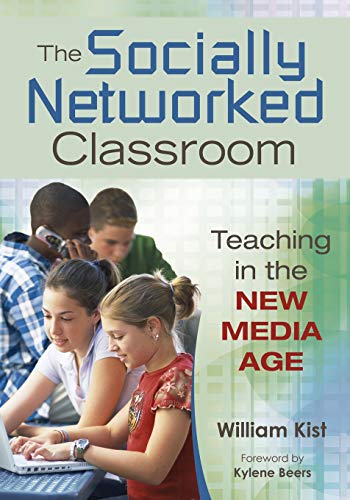
The Socially Networked Classroom Incorporate social networking into instruction, no matter your level of technological expertise or Internet access! With appropriate guidance, students’ social networking skills can be harnessed for teaching and learning in the 21st century. William Kist demonstrates how pioneering teachers have successfully integrated screen-based literacies into instruction and provides: Real-world activities and lesson examples for Grades 5–12, with assignment sheets, assessments, and rubrics Ideas on fostering collaborative learning using blogs, wikis, nings, and other interactive media. Tips on Internet safety, blogging etiquette, protected blogging sites, and more Blog entries from classroom teachers EDUCATION,Computers & Technology
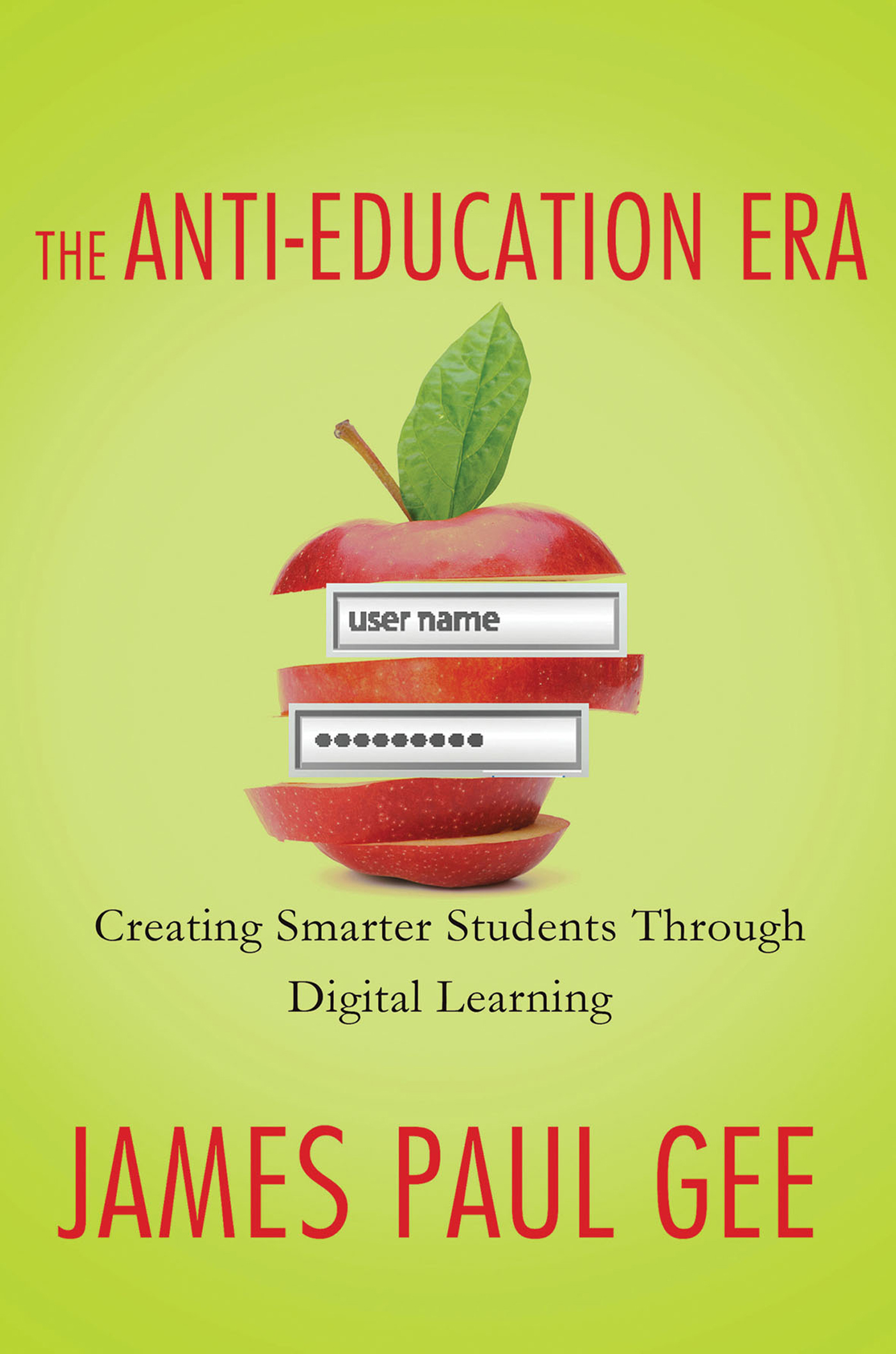
The Anti-Education Era One of the first champions of the positive effects of gaming reveals the dark side of today's digital and social media Today's schools are eager to use the latest technology in the classroom, but rather than improving learning, the new e-media can just as easily narrow students' horizons. Education innovator James Paul Gee first documented the educational benefits of gaming a decade ago in his classic What Video Games Have to Teach Us About Learning and Literacy. Now, with digital and social media at the center of modern life, he issues an important warning that groundbreaking new technologies, far from revolutionizing schooling, can stymie the next generation's ability to resolve deep global challenges. The solution-and perhaps our children's future-lies in what Gee calls synchronized intelligence, a way of organizing people and their digital tools to solve problems, produce knowledge, and allow people to count and contribute. Gee explores important strategies and tools for today's parents, educators, and policy makers, including virtual worlds, artificial tutors, and ways to create collective intelligence where everyday people can solve hard problems. By harnessing the power of human creativity with interactional and technological sophistication we can finally overcome the limitations of today's failing educational system and solve problems in our high-risk global world. The Anti-Education Era is a powerful and important call to reshape digital learning, engage children in a meaningful educational experience, and bridge inequality. EDUCATION,Computers & Technology
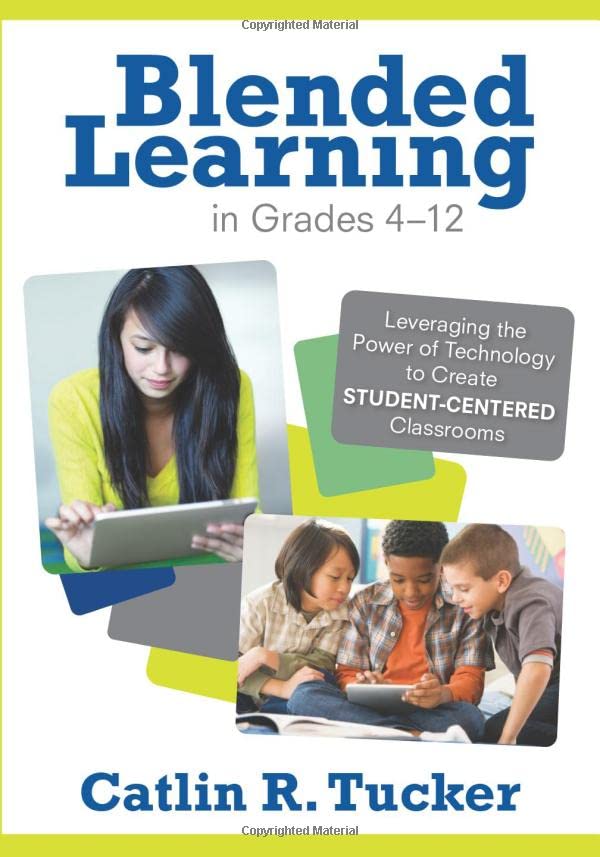
Blended Learning in Grades 4–12 Use technology to focus on your students! In this step-by-step guide, teacher and education blogger Catlin Tucker outlines the process for integrating online discussion with face-to-face instruction in a way that empowers teachers to focus their energies where they’re most needed. With concrete strategies, ready-to-use resources, and sample rubrics grounded in the Common Core State Standards, this book shows teachers how to: Increase engagement and drive higher-order thinking Prepare students for high-stakes exams without sacrificing class time Assess online work Personalize learning and differentiate lessons Move toward flipped instruction to create a student-centered classroom EDUCATION,Computers & Technology
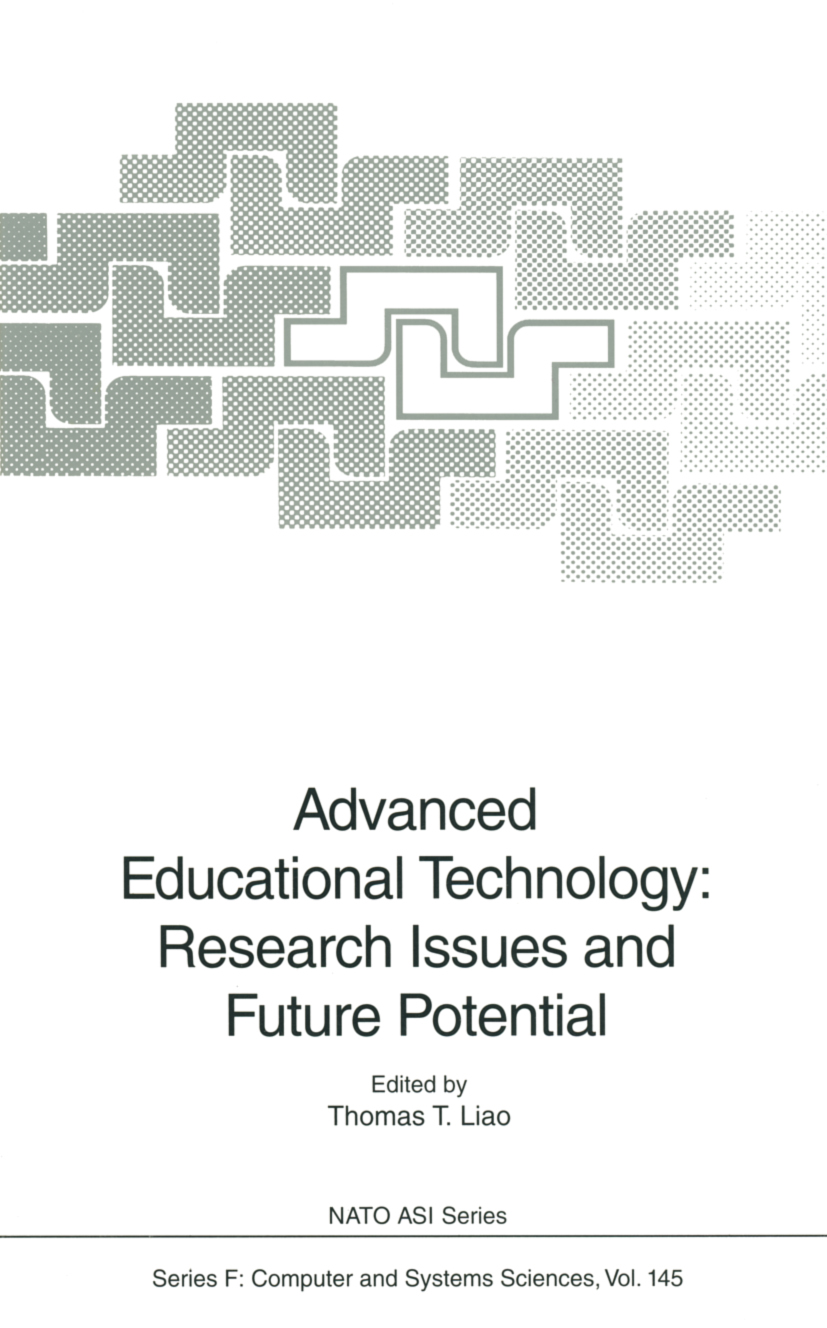
Advanced Educational Technology Proceedings of the NATO Advanced Research Workshop on Advanced Educational Technology - Research Issues and Future Potential, held in Grenoble, France, September 25-28, 1993 EDUCATION,Computers & Technology
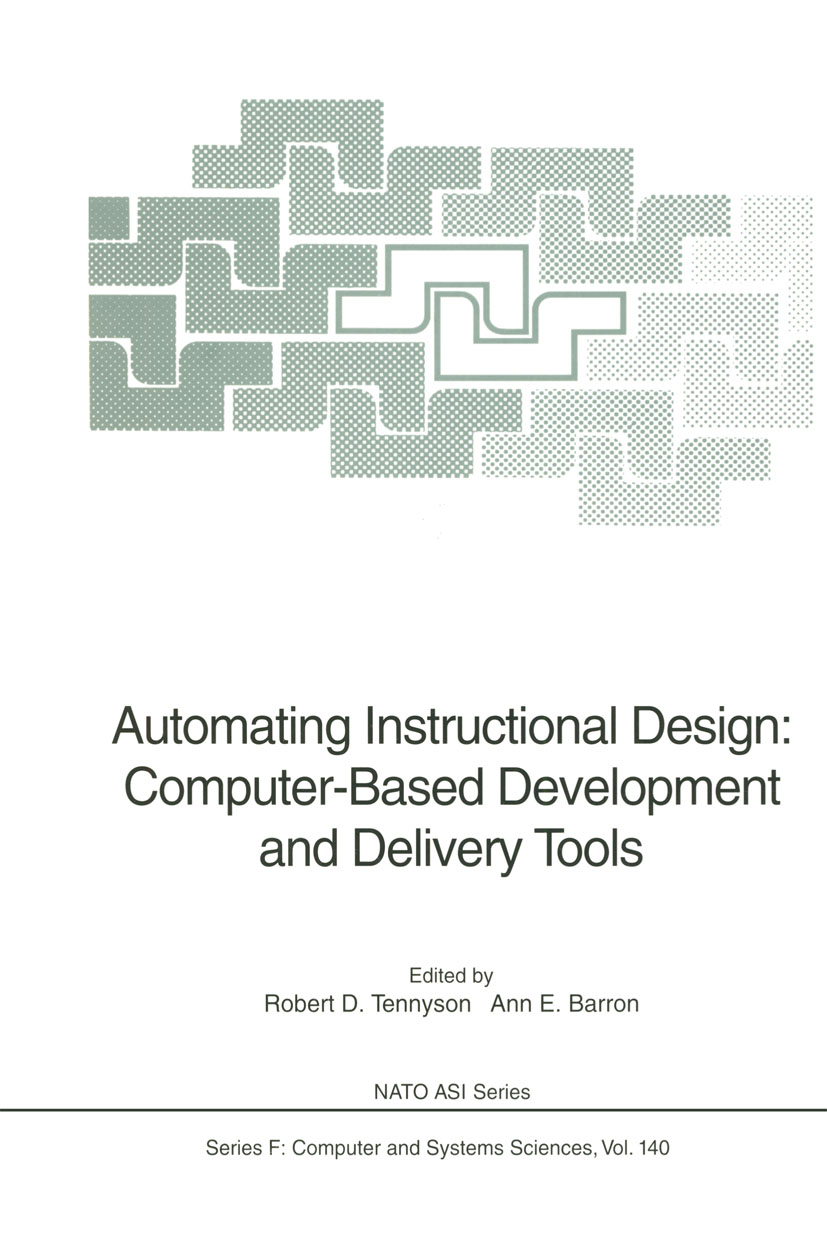
Automating Instructional Design Proceedings of the NATO Advanced Study Institute on Automating Instructional Design: Computer-Based Development and Delivery Tools, held in Grimstad, Norway, July 12-23, 1993 EDUCATION,Computers & Technology
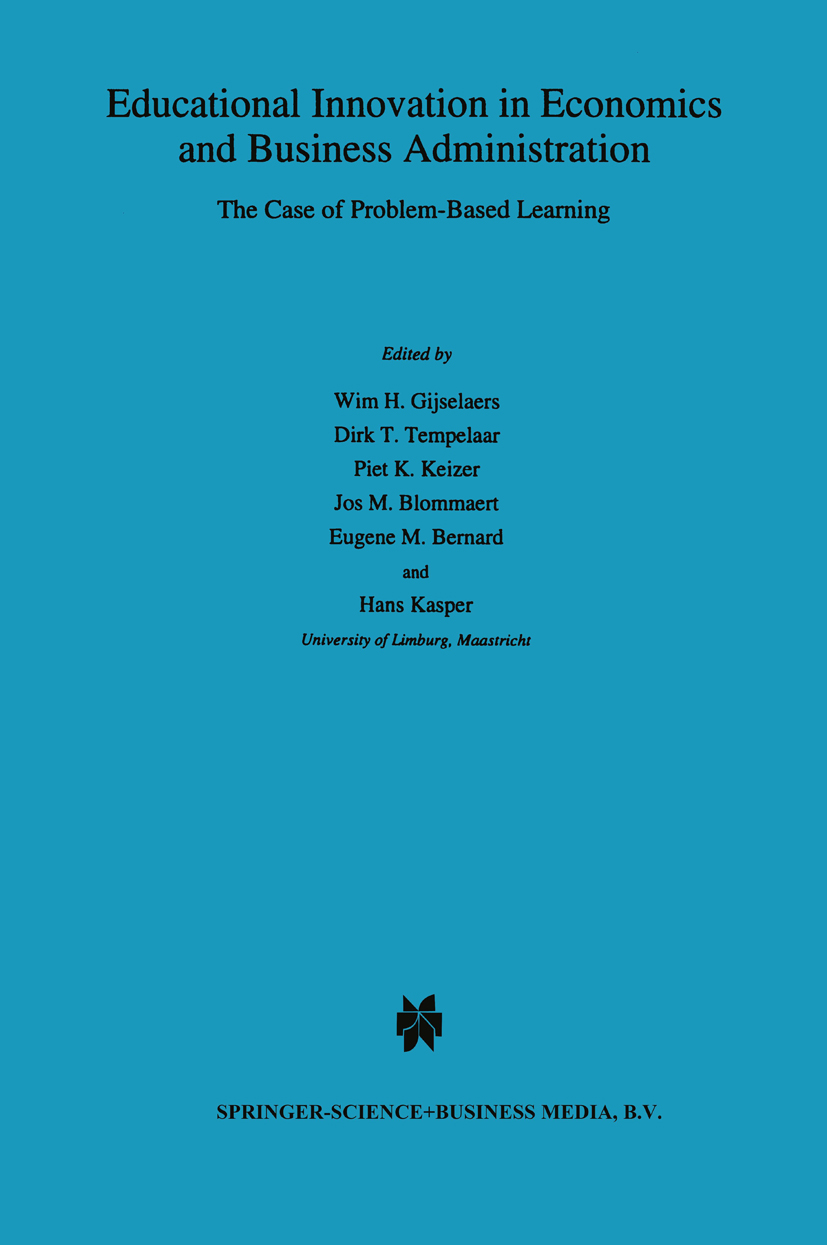
Educational Innovation in Economics and Business Administration During the last few years economics and business education have emerged as one of the largest fields of study in higher education. At the same time, the pressing concern for improving the quality of higher education has led to a definite need for more knowledge about effective instruction and innovation in economics and business education. The book brings together many examples of reform in economics and business education. Special attention is paid to the problem-based learning approach, which over the past ten years, has developed as a very important innovation in higher education. The book contains contributions from a variety of institutions on the necessity of curriculum reform, the choice of instructional methods, assessment and testing, and management of change. It is of interest for teachers in higher education, educational psychologists, and any person interested in educational innovation in economics and business administration. EDUCATION,Computers & Technology
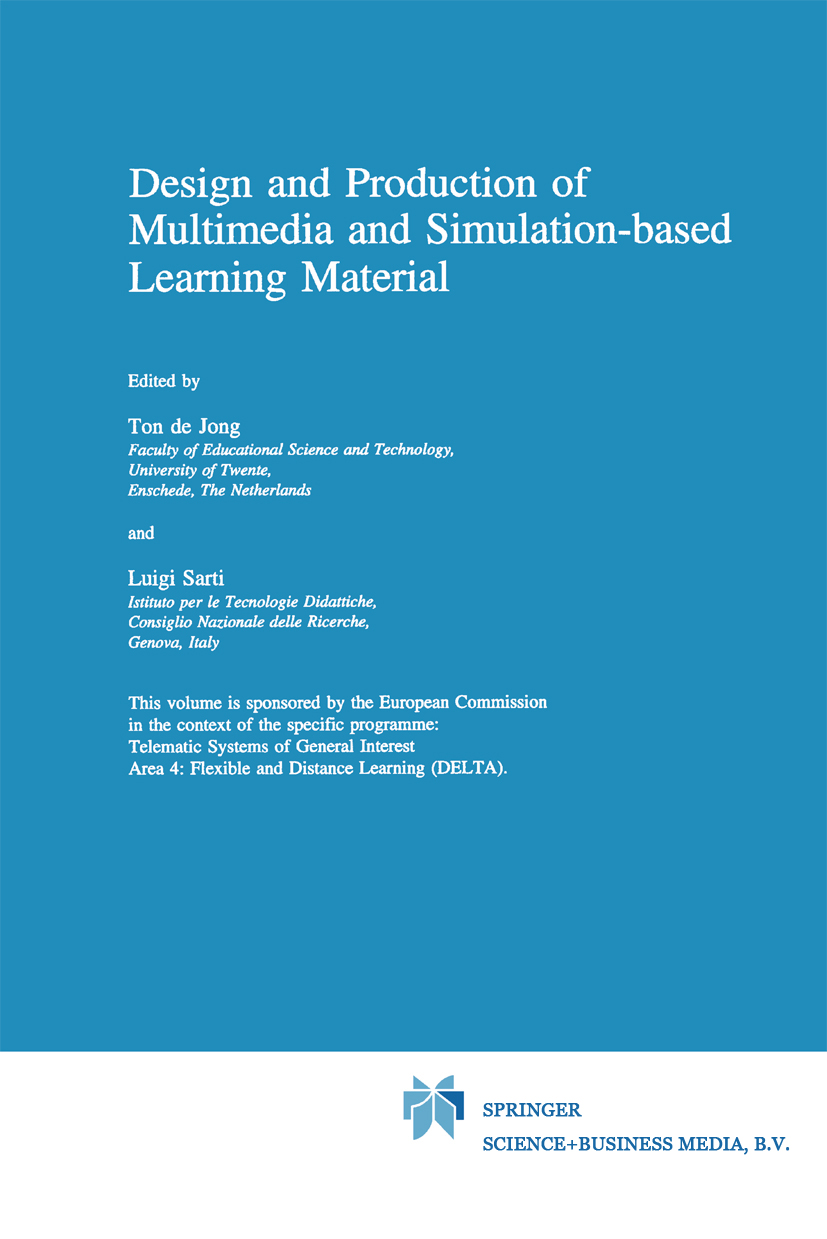
Design and Production of Multimedia and Simulation-based Learning Material This volume results from a meeting that was held in Barcelona, Spain, April 1993, under the auspices of the DELTA programme of the European Commission. DELTA (Developing European Learning through Technological Advance) is the commission's technology R&D programme that concentrates on "Telematic Systems for Flexible and Distance Learning". The overarching goal of this programme is to contribute through information technology to more efficient and effective design, production, and delivery of learning material. The DELTA programme started its main phase in 1992 with a total of 22 projects and a total budget of 92. 4 million ECU. In the meanwhile an extension of the programme has resulted in 8 extensions of existing projects and 8 new projects, bringing the number of projects to 30, with a corresponding total budget of 99. 9 million ECU. The programme has three main areas: telecommunication, delivery information systems, and design and production. In the projects, in total 201 organisations (industrial, commercial, and universities) from 12 European Union member states and 5 EFTA countries are represented. The DELTA programme pays much attention to the exchange of ideas and dissemination of information both between individual DELTA projects and between DELTA projects and other initiatives in the EU. Meetings in which DELTA projects are involved are held several times a year as so-called 'concertation meetings', meetings where also non-DELTA projects participate are called 'concerted actions'. EDUCATION,Computers & Technology
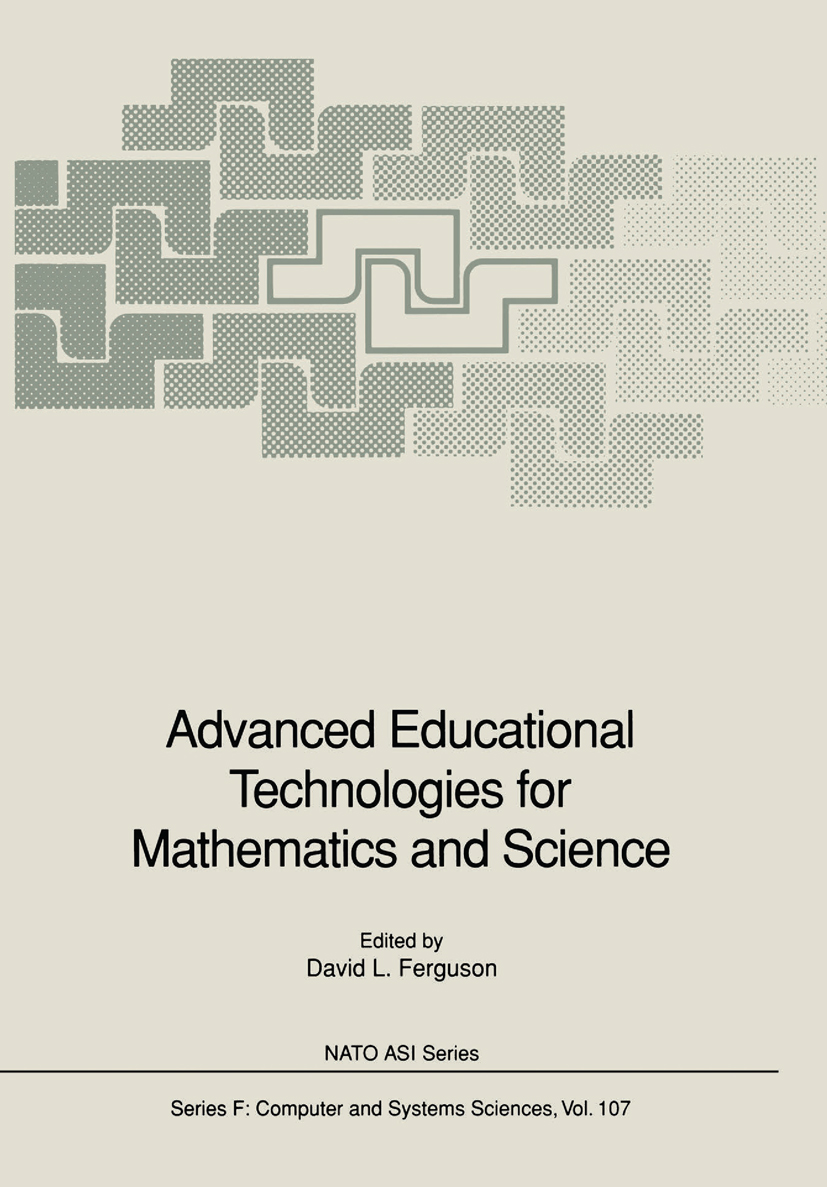
Advanced Educational Technologies for Mathematics and Science This book is the outgrowth of a NATO Advanced Research Workshop, held in Milton Keynes (United Kingdom) in the summer of 1990. The workshop brought together about 30 world leaders in the use of advanced technologies in the teaching of mathematics and science. Many of these participants commented that the workshop was one of the more productive and exciting workshops that they had attended. It was not uncommon to see participants engaged in informal discussion far into the evenings and early mornings, long after formal sessions had ended. It is my hope that this book captures the substance and excitement of many of the ideas that were presented at the workshop. Indeed, the process by which this book has come about has given every opportunity for the best thinking to get reflected here. Participants wrote papers prior to the workshop. After the workshop, participants revised the papers at least once. In a few instances, three versions of papers were written. Some participants could not resist the urge to incorporate descriptions of some of the newer developments in their projects. The papers in this book demonstrate how technology is impacting our view of what should be taught, what can be taught, and how we should go about teaching in the various disciplines. As such, they offer great insight into the central issues of teaching and learning in a wide range of disciplines and across many grade levels (ranging from elementary school through undergraduate college education). EDUCATION,Computers & Technology
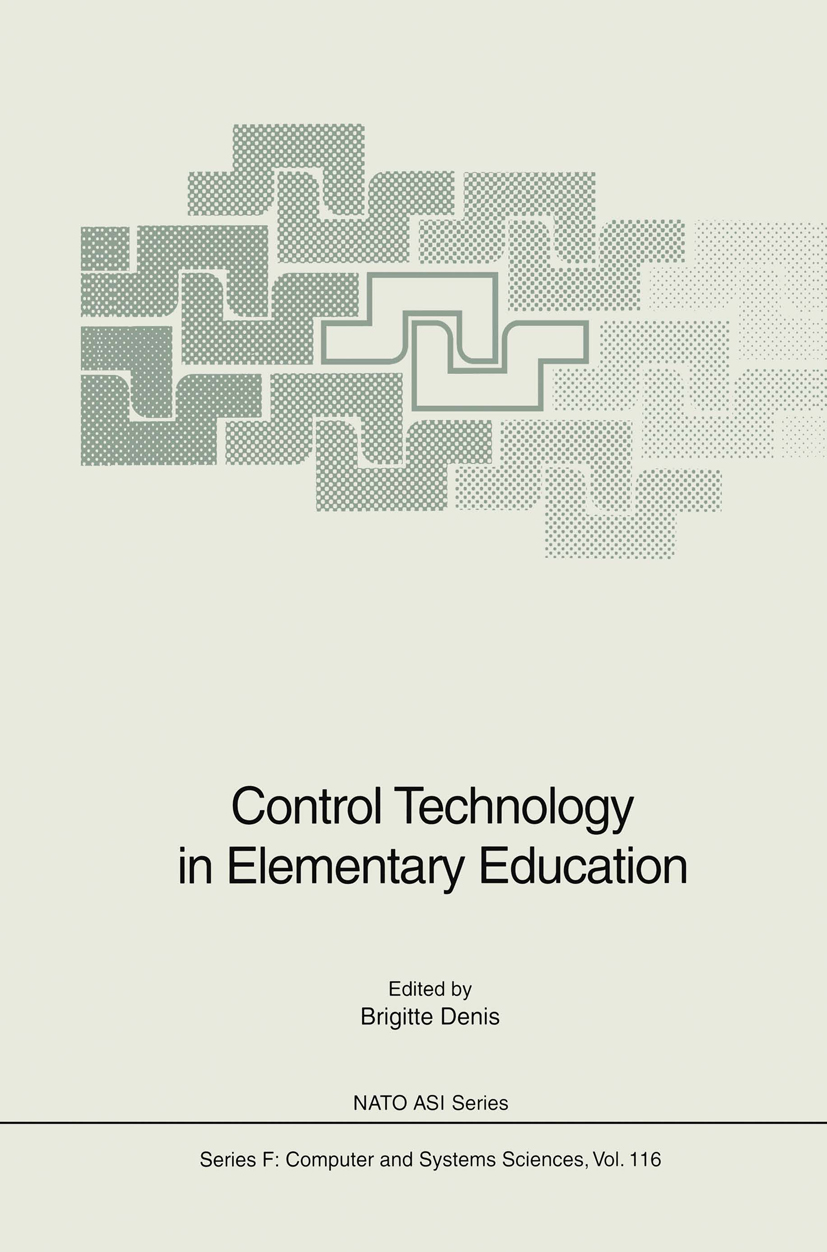
Control Technology in Elementary Education Proceedings of the NATO Advanced Research Workshop on Control Technology in Elementary Education, held in Liege, Belgium, November 17-21, 1992 EDUCATION,Computers & Technology
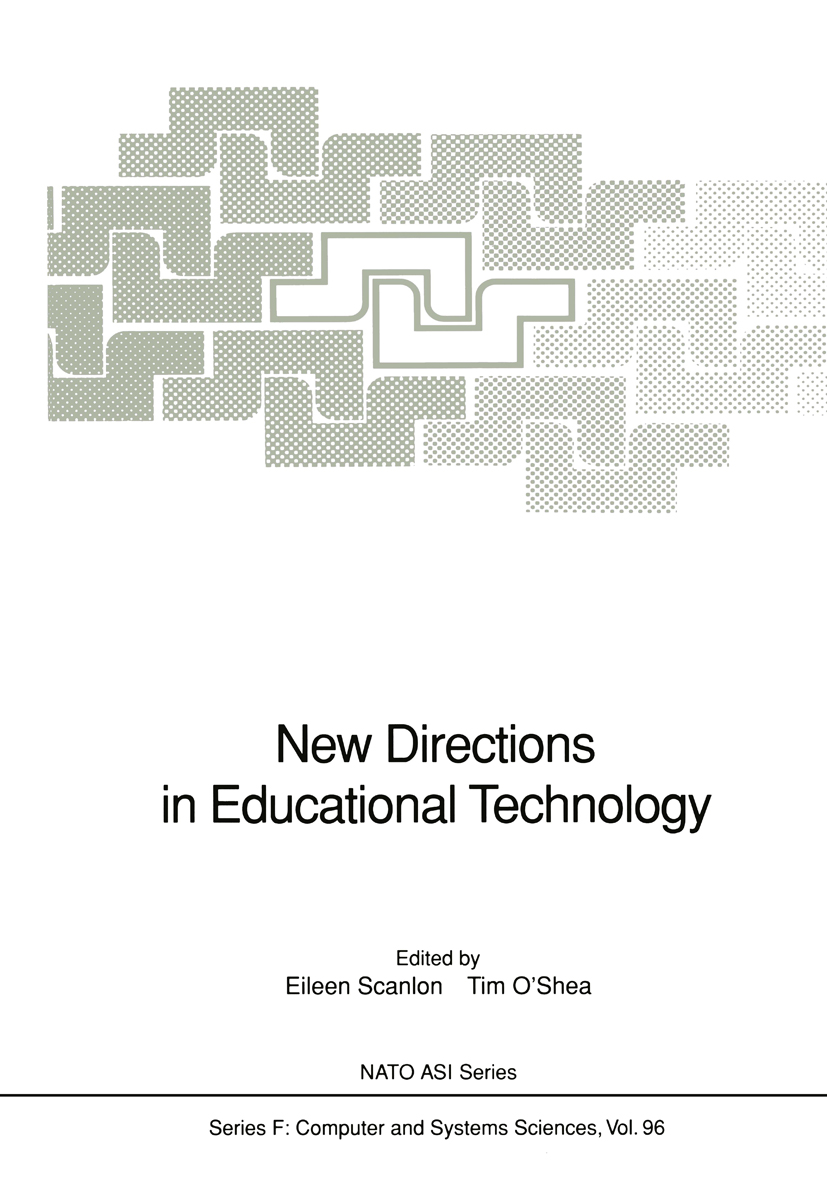
New Directions in Educational Technology Proceedings of the NATO Advanced Research Workshop on New Directions in Advanced Educational Technology, held in Milton Keynes, UK, 10-13 November, 1988 EDUCATION,Computers & Technology
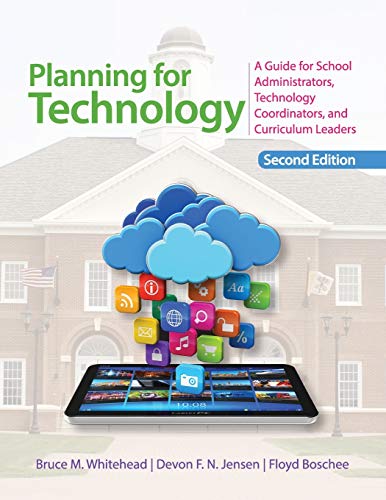
Planning for Technology Stay a step ahead of technological change so that every student can flourish! Students and classrooms are growing more technologically savvy every semester, and falling behind is not an option. This new edition of an essential text shows educational leaders how to equip their students for the future, with updates such as: Digital developments of the past decade that school leaders must address New content covering the Common Core, distributed leadership, adult learning theory, digital citizenship, cybersecurity, cloud computing, and more A new chapter on creating a “culture of technology†that goes beyond mere user manuals to create responsible, tech-savvy students EDUCATION,Computers & Technology
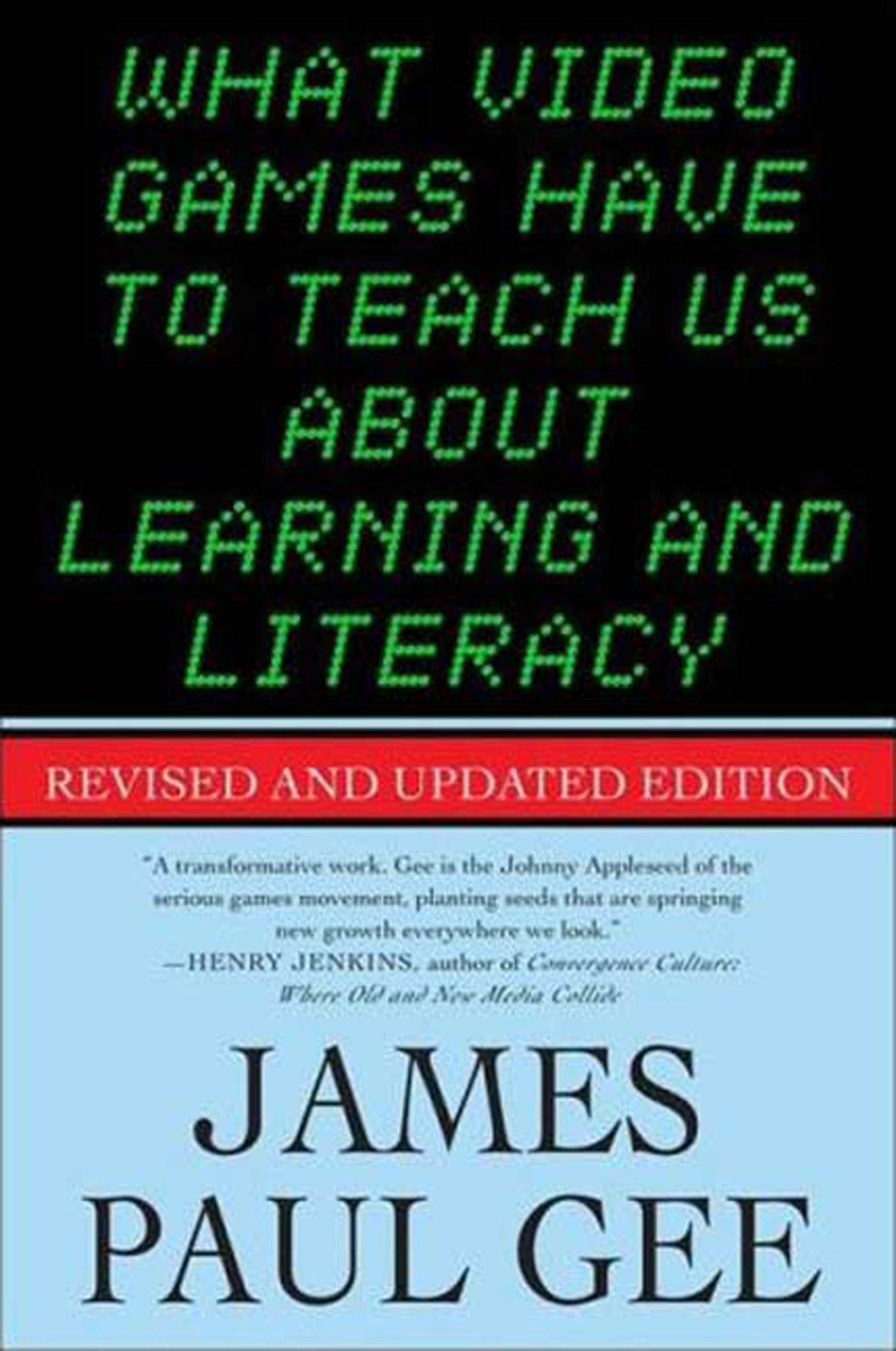
What Video Games Have to Teach Us About Learning and Literacy. Second Edition The definitive look at all that can be learned from video games EDUCATION,Computers & Technology
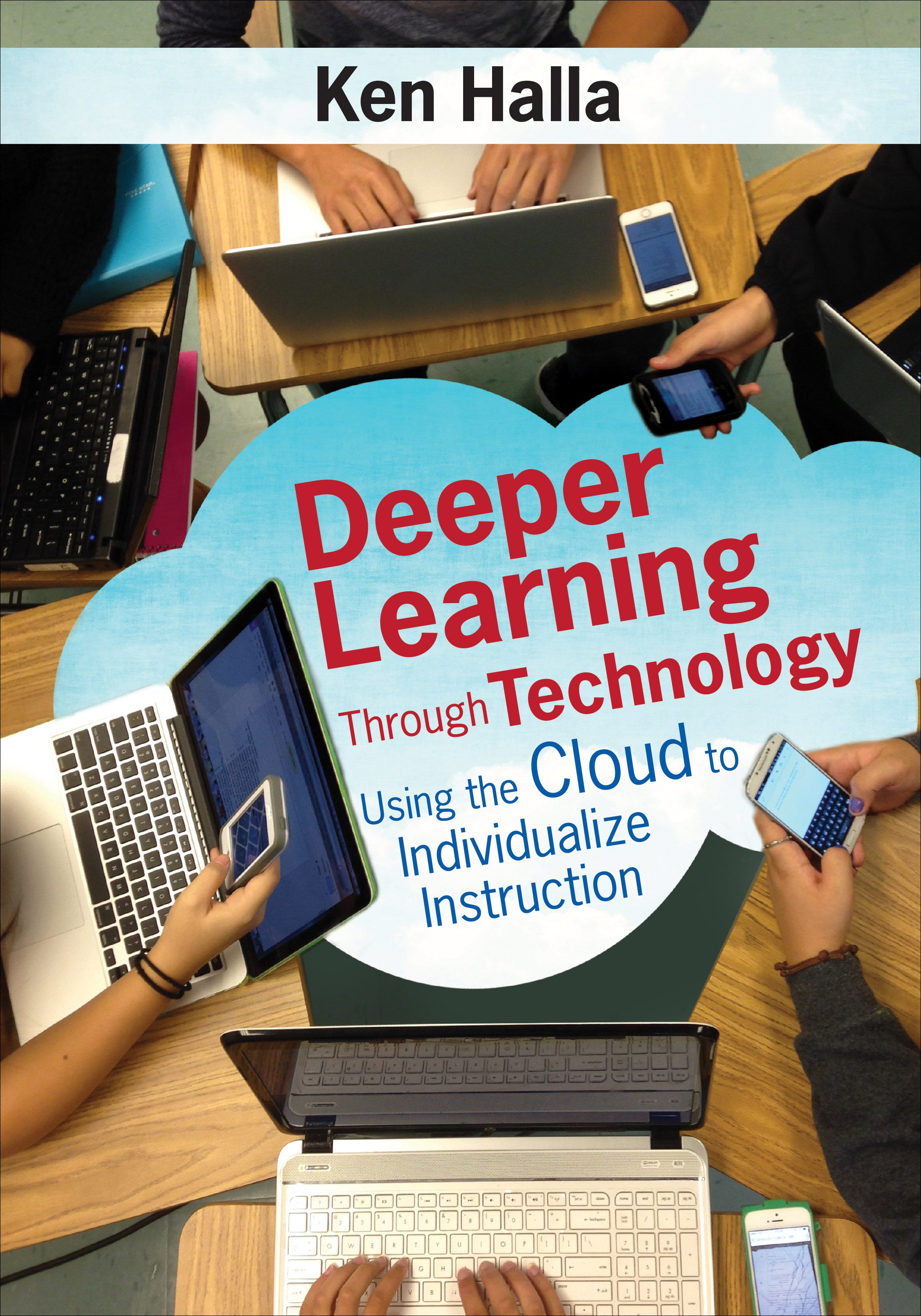
Deeper Learning Through Technology Use the Cloud to Individualize Your Instruction and Watch Your Students Thrive! Cloud-based technology offers massive benefits to the classroom. But technology tools require conscientious implementation by educators. This book is the all-in-one resource you need to be sure your students reap the fullest rewards of how cloud-based tools can facilitate learning. In Deeper Learning Through Technology, teacher and top ed-blogger Ken Halla explains: How to implement new tech tools to create a self-paced, learner-centered classroom Strategies for leveraging cloud technology to ensure that students have access to an individualized, personalized education Real-life case studies and activities that will make applying the book’s strategies to your classroom enjoyable and achievable EDUCATION,Computers & Technology
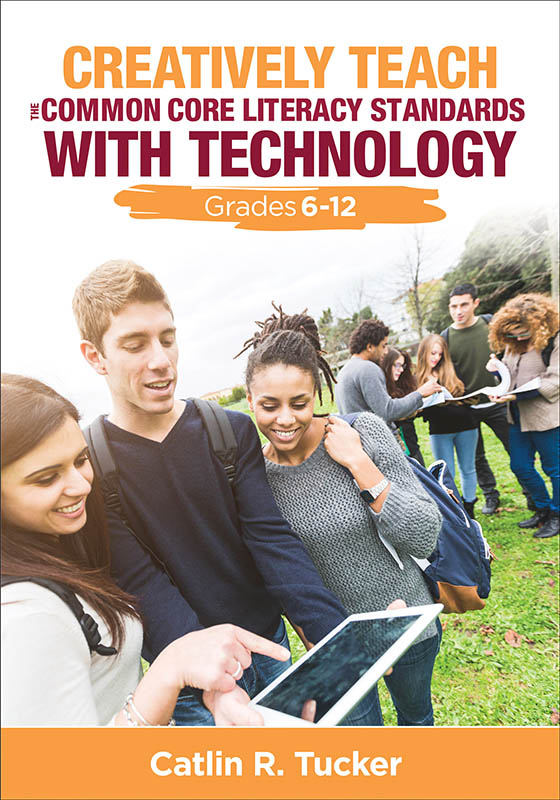
Creatively Teach the Common Core Literacy Standards With Technology Let technology pave the way to Common Core success. Engage your students by delving into the Common Core ELA standards with the tools they use the most. As you explore the creative road to academic success, with the Common Core ELA and literacy standards—you will turn your classroom into a student-centered learning environment that fosters collaboration, individualizes instruction, and cultivates technological literacy. Features include: Specific recommendations for free apps and tech tools that support the Common Core Step-by-step guidelines to breaking down standards by grade and subject Teacher-tested, research-supported lesson ideas and strategies Replicable resources, including prewriting activities and writing templates Real-life examples EDUCATION,Computers & Technology
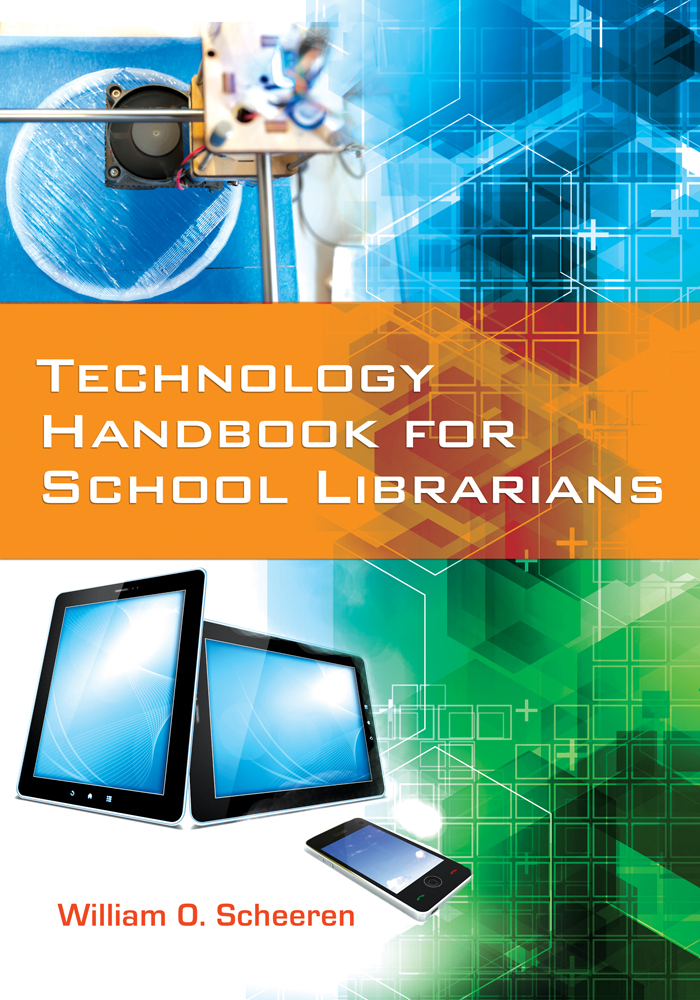
Technology Handbook for School Librarians Both theoretical and practical, this book will provide you with a strong introduction to a variety of technologies that will serve you—and your patrons—well. Each chapter addresses a different aspect or kind of technology. You'll learn essential skills, planning and funding techniques, and what hardware and software you'll need. You'll find plenty of information on creating or maintaining your library's web presence through websites, blogs, and social networking, as well as on various tools that you can use and apply to your curriculum. Many state standards include technology components, and this guide shows you how to meet them and stay up to date. You'll also learn what you should watch for in the future so you remain essential to your school. EDUCATION,Computers & Technology
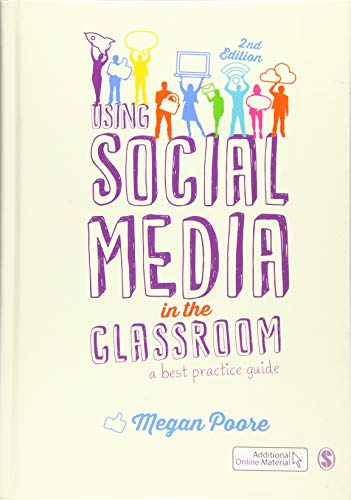
Using Social Media in the Classroom ‘A book for every teacher’s bookshelf. This book gives a comprehensive overview of the tools and apps that can be used to help turn a mediocre teaching session into an outstanding one.’ - Cheryl Hine, Leeds City College EDUCATION,Computers & Technology
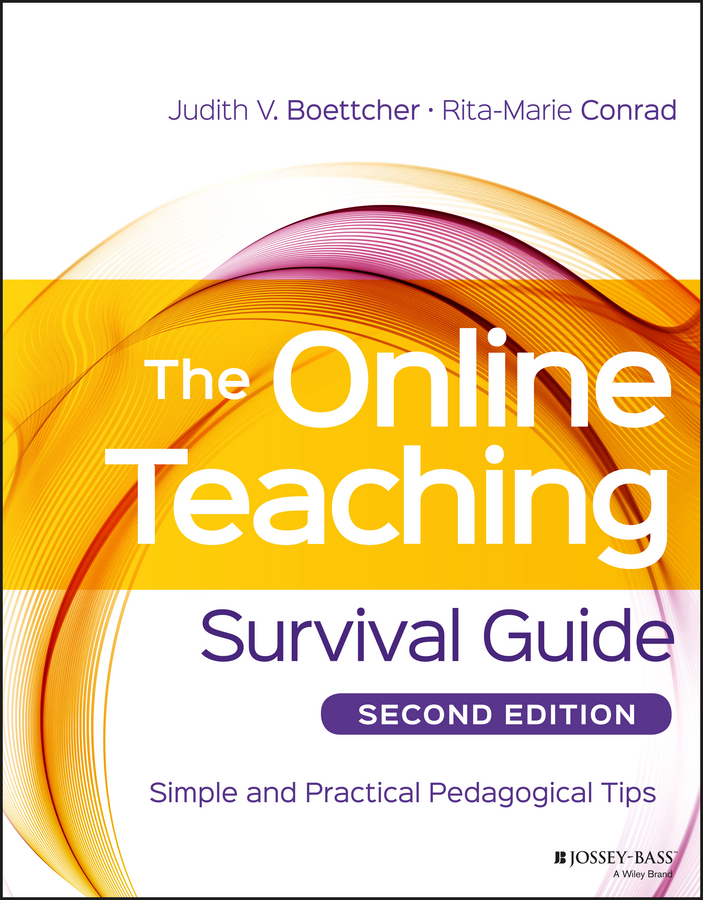
The Online Teaching Survival Guide Essential reading for online instructors, updated to cover new and emerging issues and technologies The Online Teaching Survival Guide provides a robust overview of theory-based techniques for teaching online or technology-enhanced courses. Covering all aspects of online teaching, this book reviews the latest research in cognitive processing and related learning outcomes while retaining a focus on the practical. A simple framework of instructional strategies mapped across a four-phase timeline provides a concrete starting point for both new online teachers and experienced teachers designing or revamping an online course. Essential technologies are explored in their basic and expanded forms, and traditional pedagogy serves as the foundation for tips and practices customized for online learning. The tips cover course management, social presence, community building, integration of new technologies, discussion and questioning techniques, assessment, and debriefing, along with new coverage of intensive or accelerated courses, customizing learning strategies, developing expertise, advanced course design, and assessment techniques exclusive to this new second edition. The theory and techniques of successful online teaching can be significantly different from those used face-to-face. With more and more classes being offered online, this book provides a valuable resource for taking your course to the next level. Understand the technology used in online teaching Learn specialized pedagogical tips and practices Examine new research on cognition and learning Adopt a clear framework of instructional strategies The explosion of online learning has created a demand for great online teachers. Increasingly, faculty who normally teach face-to-face are being asked to cover online courses—yet comprehensive pedagogical resources are scarce. The learning curve is huge, and faculty need a practical approach to course design and management that can be quickly and easily implemented. The Online Teaching Survival Guide provides that essential resource, with a customizable framework and deeper exploration of effective online teaching. EDUCATION,Computers & Technology

Redesigning Learning Spaces Bring hope, joy, and positive energy back into the daily work of the classroom. In this book, learn to design brain-friendly learning environments that foster engagement, productivity, and achievement while allowing for seamless integration of educational technology. Discover how flexible, welcoming, and comfortable learning spaces can prepare students for the future. In this book you’ll: Find resources for redesigning spaces on a sustainable budget Support technology integration through blended and virtual learning Hear from teachers and schools whose successfully transformed spaces have increased student achievement EDUCATION,Computers & Technology
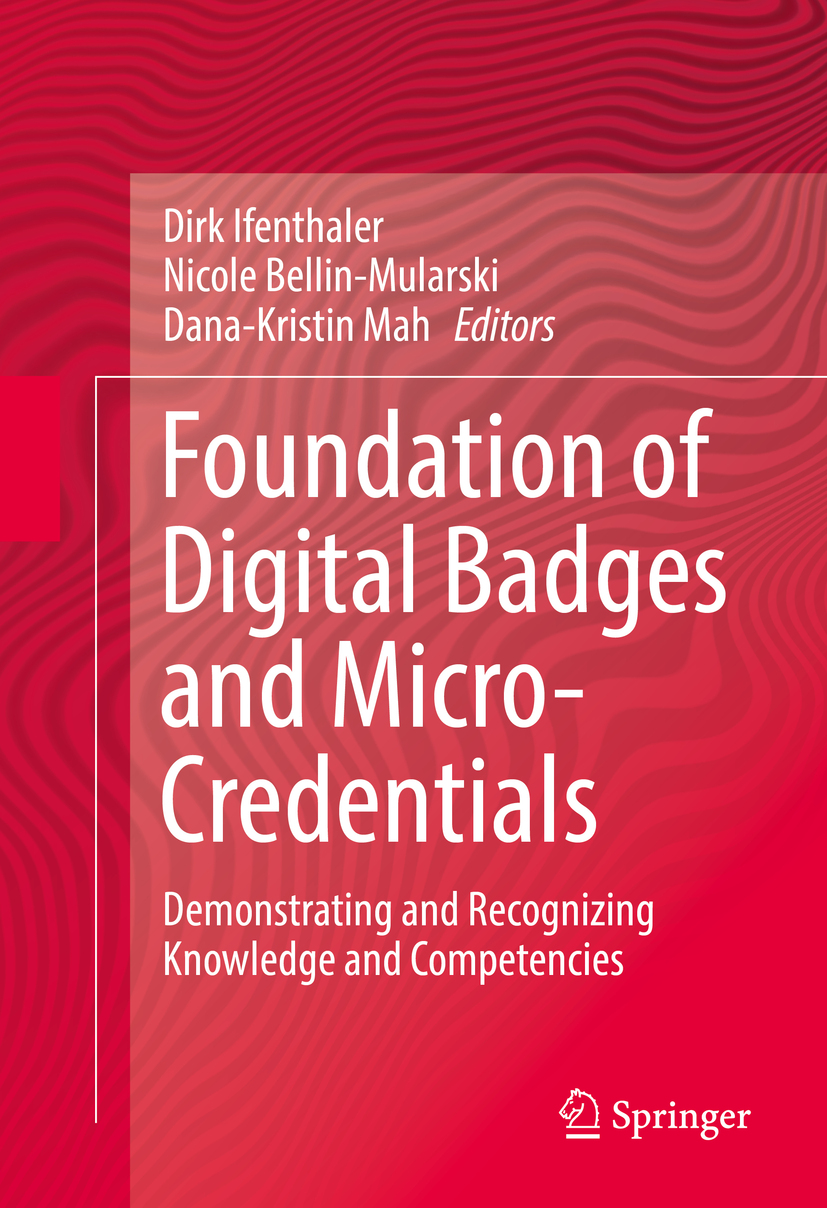
Foundation of Digital Badges and Micro-Credentials This edited volume provides insight into how digital badgesmay enhance formal, non-formal and informal education by focusing on technicaldesign issues including organizational requirements, learning and instructionaldesign, as well as deployment. It features current research exploring thetheoretical foundation and empirical evidence of the utilization of digitalbadges as well as case studies that describe current practices and experiencesin the use of digital badges for motivation, learning, and instruction in K-12,higher education, workplace learning, and further education settings. EDUCATION,Computers & Technology
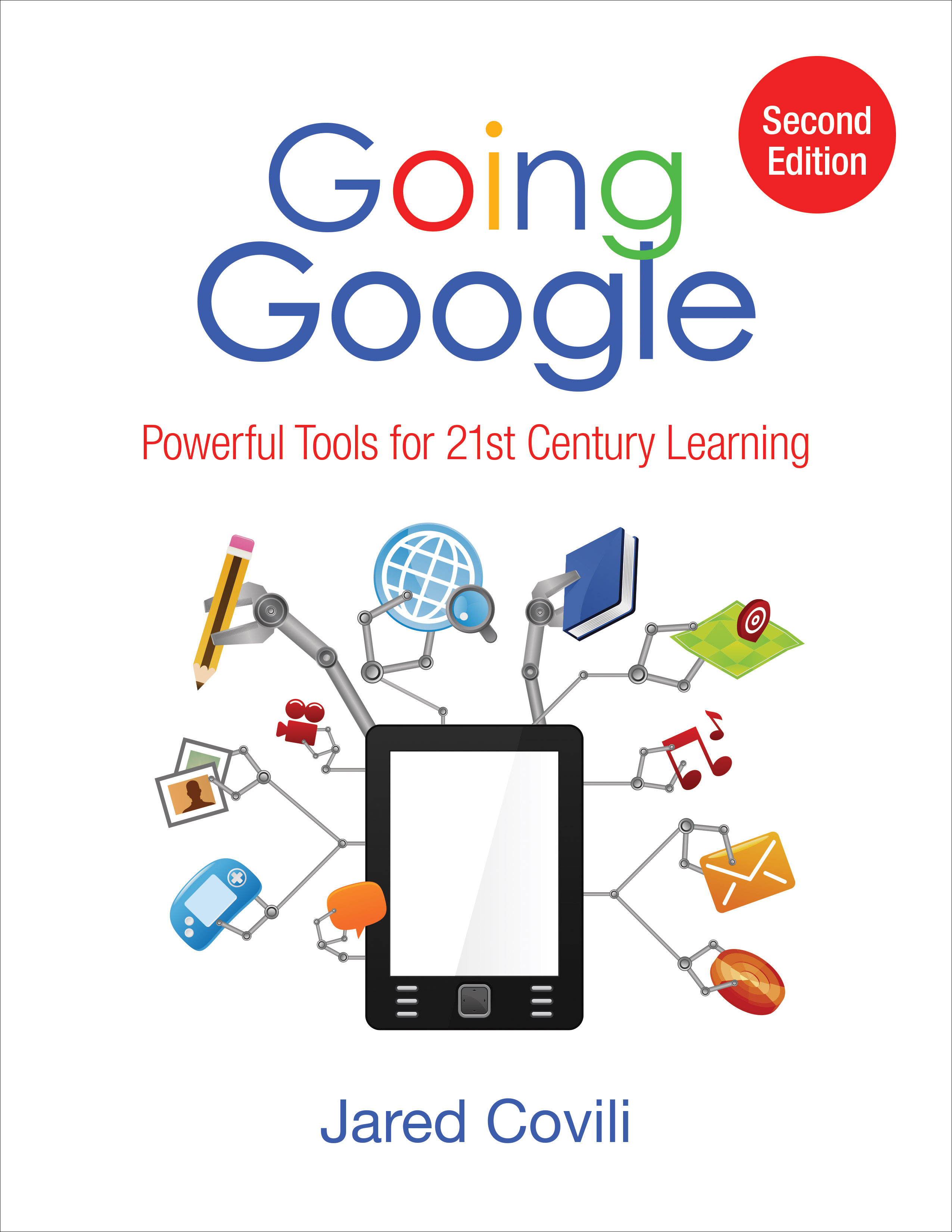
Going Google Unique ideas for authentic, 21st-century learning! Use this easy-access guide to discover exactly how and why Google’s latest internet tools can help prepare your students for the modern workplace! Quickly scan for detailed guidance and learn: Which tools help you meet 21st century learning skills and the new ISTE Standards for Students of Google Classroom, Google Drive, Google Earth, YouTube, and more 5 major points to consider before using each tool Includes a handy glossary of tech terms, a new companion website, teacher vignettes, screen casts, project tutorials, and classroom management tips. EDUCATION,Computers & Technology
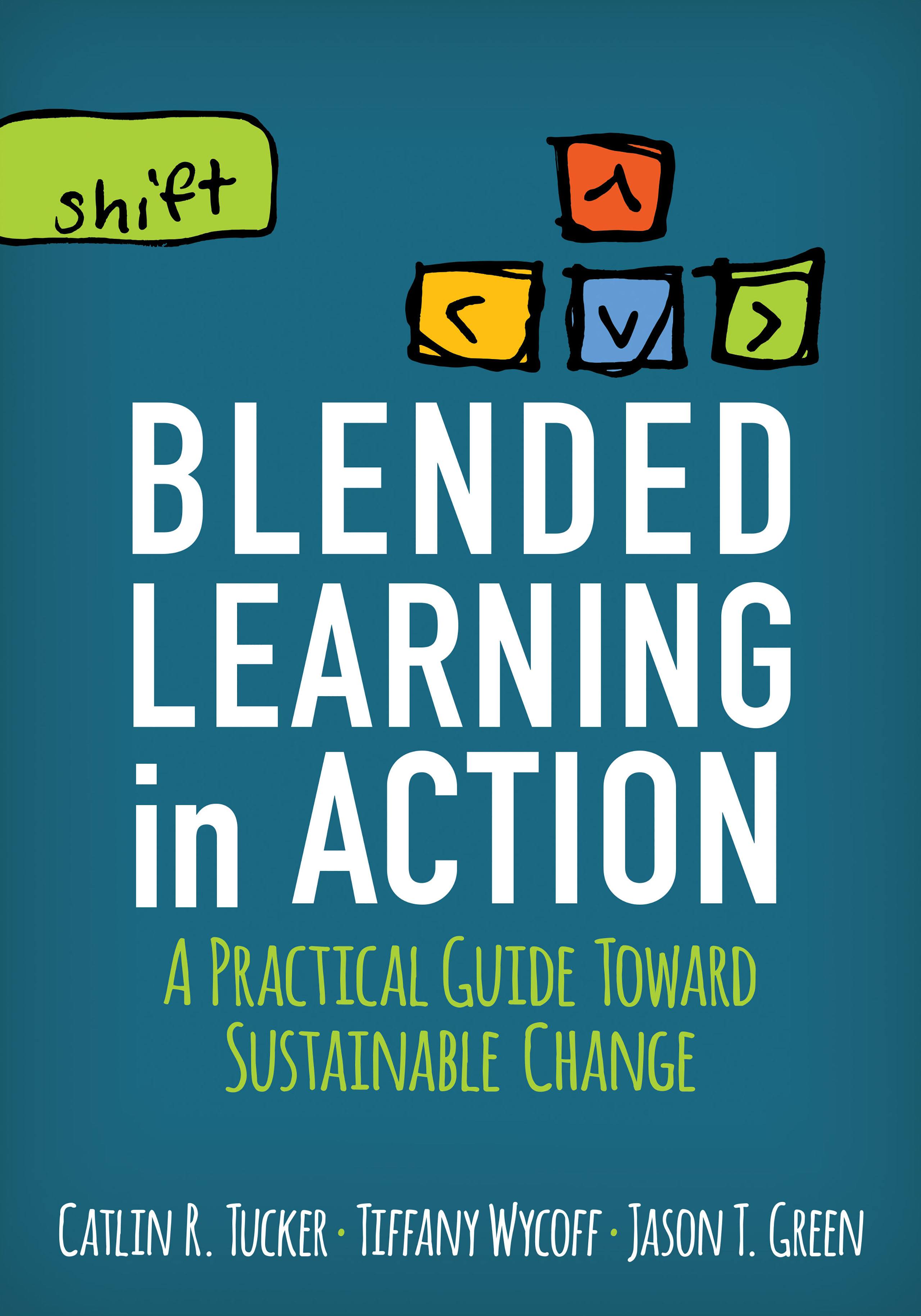
Blended Learning in Action Shift to blended learning to transform education Blended learning has the power to reinvent education, but the transition requires a new approach to learning and a new skillset for educators. Loaded with research and examples, Blended Learning in Action demonstrates the advantages a blended model has over traditional instruction when technology is used to engage students both inside the classroom and online. Readers will find: Breakdowns of the most effective classroom setups for blended learning Tips for leaders Ideas for personalizing and differentiating instruction using technology Strategies for managing devices in schools Questions to facilitate professional development and deeper learning EDUCATION,Computers & Technology

Computational Thinking and Coding for Every Student Empower tomorrow’s tech innovators Our students are avid users and consumers of technology. Isn’t it time that they see themselves as the next technological innovators, too? Computational Thinking and Coding for Every Student is the beginner’s guide for K-12 educators who want to learn to integrate the basics of computer science into their curriculum. Readers will find Strategies and activities for teaching computational thinking and coding inside and outside of school, at any grade level, across disciplines Instruction-ready lessons for every grade A discussion guide and companion website with videos, activities, and other resources EDUCATION,Computers & Technology
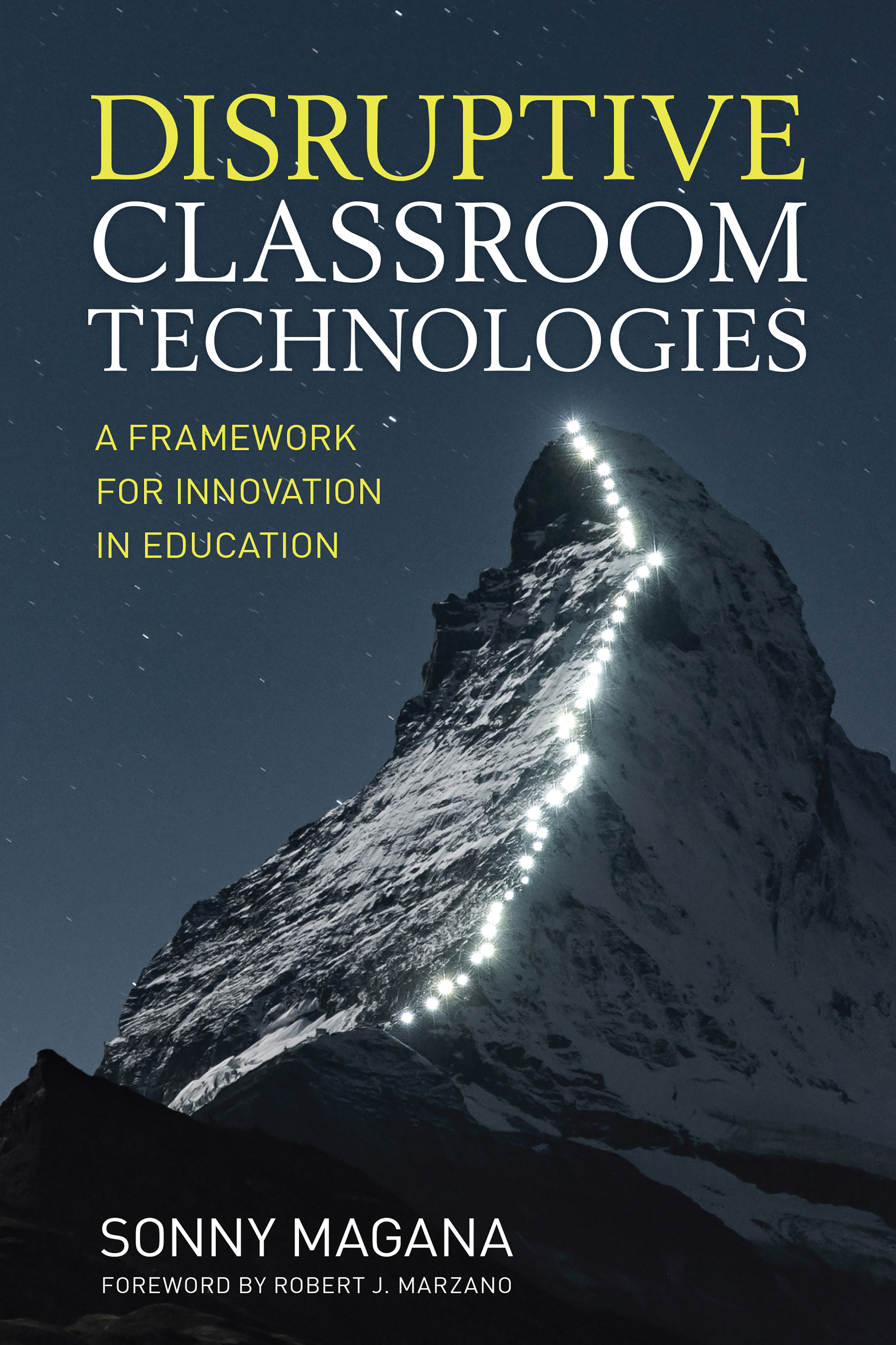
Disruptive Classroom Technologies Timely and powerful, this book offers a new framework to elevate instructional practices with technology and maximize student learning. The T3 Framework helps teachers categorize students’ learning as translational, transformational, or transcendent, sorting through the low-impact applications to reach high-impact usage of technologies. Teachers and leaders will find: Examples of technology use at the translational, transformational, and transcendent levels Activities, guides, and prompts for deeper learning that move technology use to higher levels of the T3 Framework Evaluative rubrics to self-assess current technology use, establish meaningful goals, and track progress towards those goals EDUCATION,Computers & Technology

Best Practices for Teaching with Emerging Technologies As social media and Web 2.0 technologies continue to transform the learning trends and preferences of students, educators need to understand the applicability of these new tools in all types of learning environments. The second edition of Best Practices for Teaching with Emerging Technologies provides new and experienced instructors with practical examples of how low-cost and free technologies can be used to support student learning as well as best practices for integrating web-based tools into a course management system and managing student privacy in a Web 2.0 environment. "Showcase" spotlights throughout exemplify how the tools described in the book are already being used effectively in educational settings. This thoroughly revised second edition includes: a new chapter that explores how and why faculty are using the public web and open educational resources in place of a learning management system (LMS) and an expensive textbook additional tips and showcases in every chapter that illustrate faculty use of particular technologies the inclusion of new tools to replace technologies that no longer exist a revamped website featuring expanded online resources. This practical, easy-to-use guide will serve the needs of educators seeking to refresh or transform their instruction. Readers will be rewarded with an ample yet manageable collection of proven emerging technologies that can be leveraged for generating content, enhancing communications with and between students, and cultivating participatory, student-centered learning activities. EDUCATION,Computers & Technology
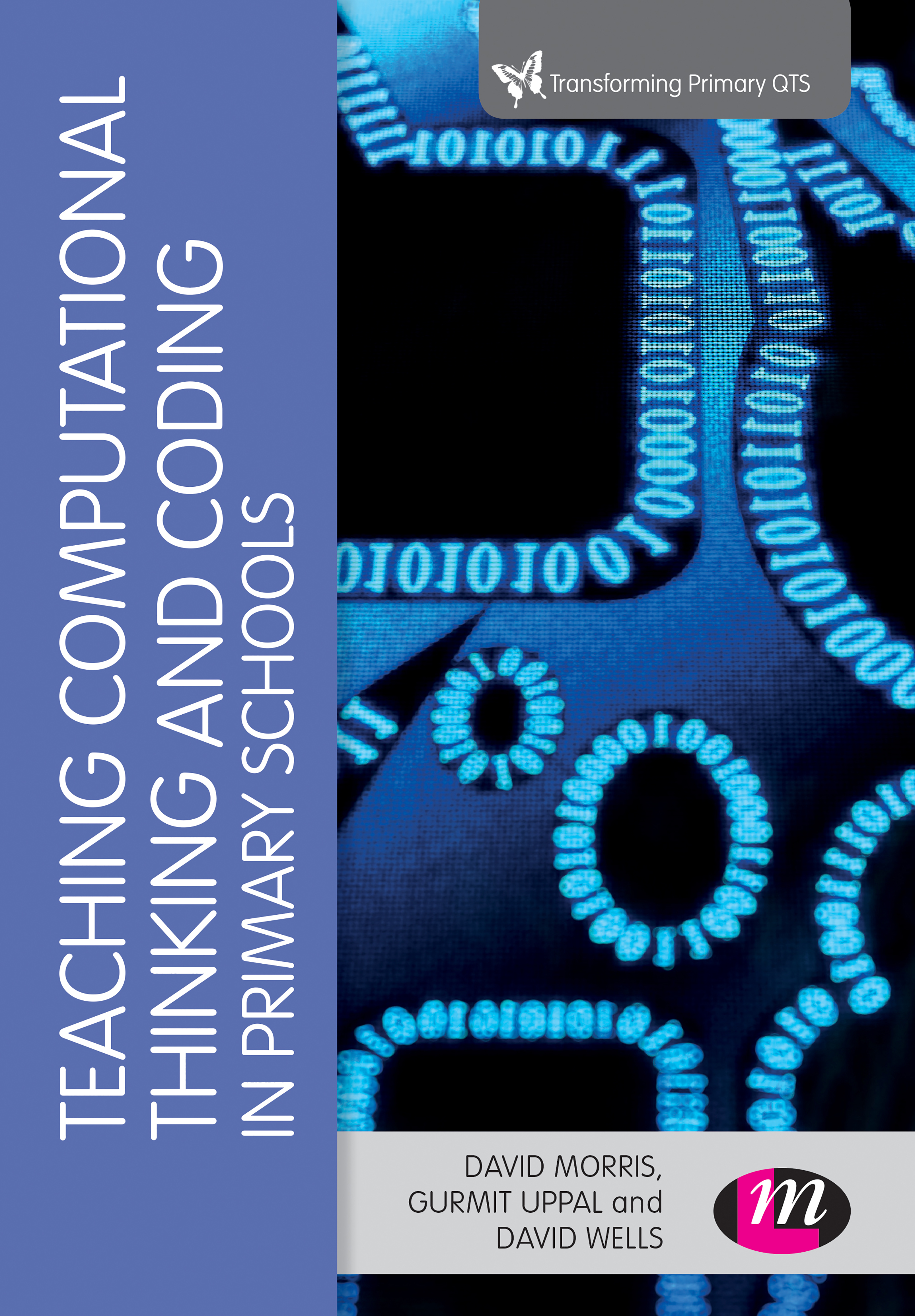
Teaching Computational Thinking and Coding in Primary Schools This core text for trainee primary teachers is a guide to the teaching of computing and coding, and provides an exploration of how children develop their computational thinking. EDUCATION,Computers & Technology

Design of Technology-Enhanced Learning This book explains how educational research can inform the design of technology-enhanced learning environments. After laying pedagogical, technological and content foundations, it analyses learning in Web 2.0, Social Networking, Mobile Learning and Virtual Worlds to derive nuanced principles for technology-enhanced learning design. EDUCATION,Computers & Technology
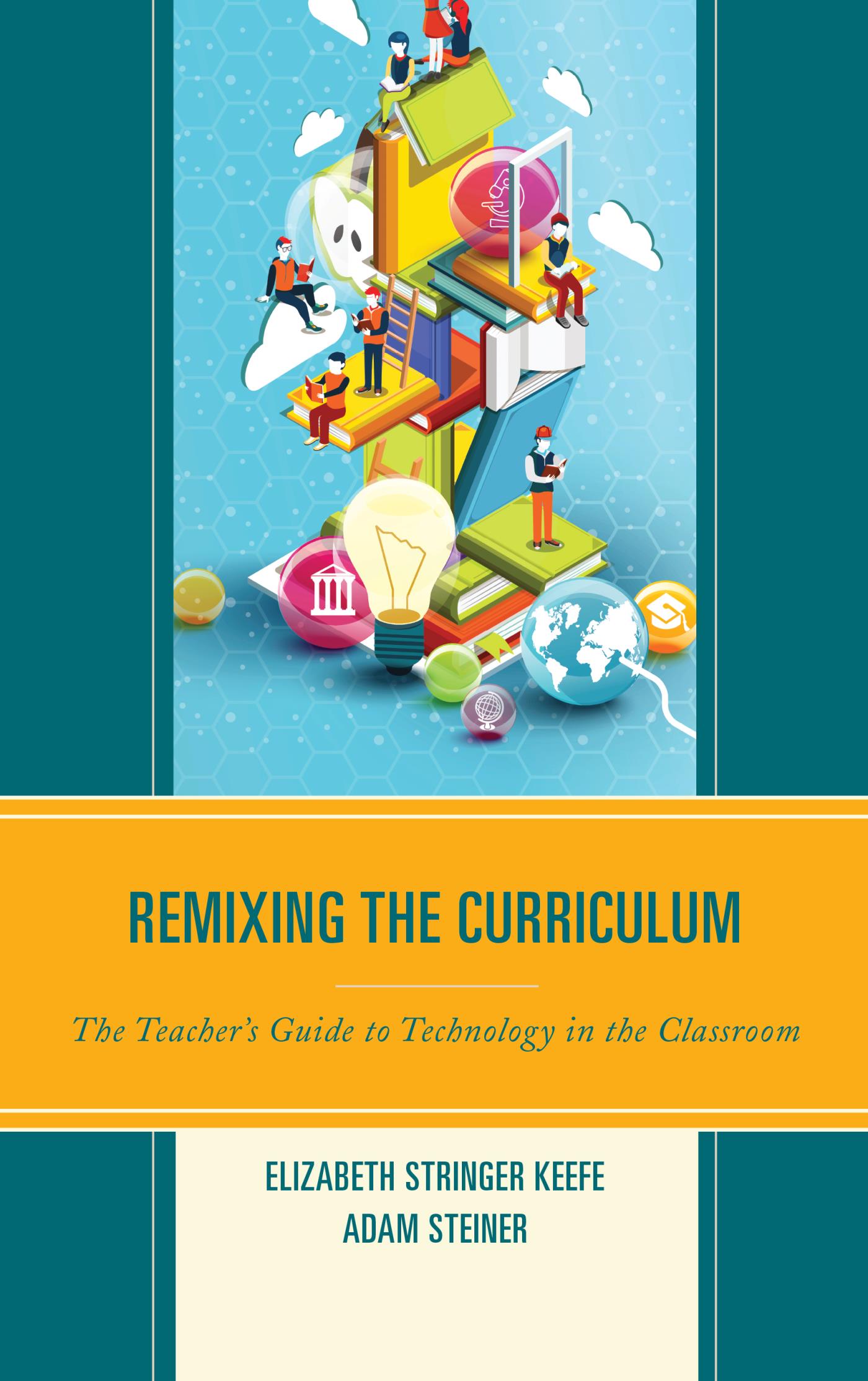
Remixing the Curriculum Remixing the Curriculum suggests that the way to develop curriculum to maximize student access and engagement is to employ essential elements of traditional pedagogy, but infuse it with technology to create new features through the Technology Fitness , Proactive Teaching , Universal Design for Learning , and Assistive Technology. EDUCATION,Computers & Technology
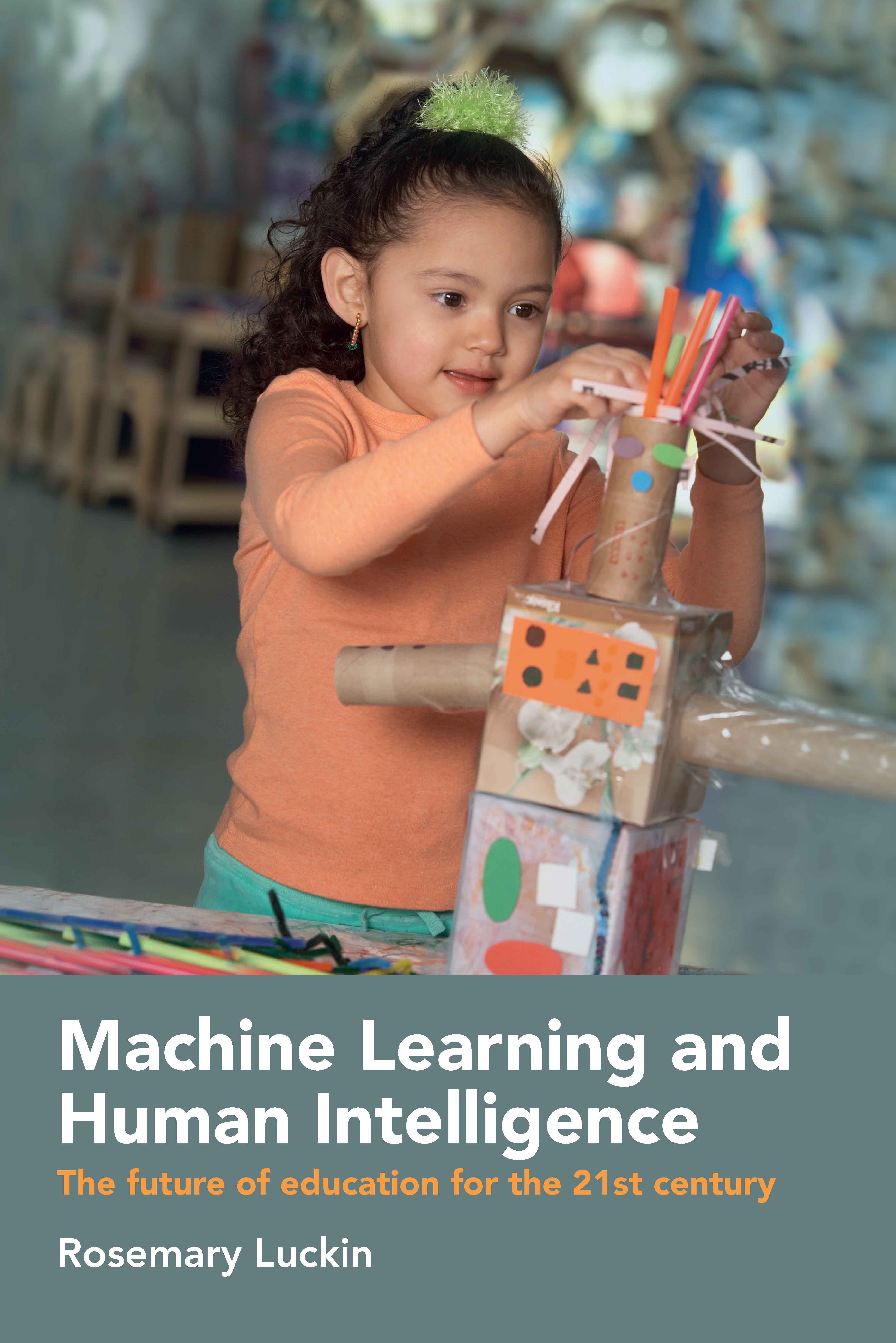
Machine Learning and Human Intelligence Intelligence is at the heart of what makes us human, but we invest artificial intelligence (AI) with qualities it does not have. Rosemary Luckin proposes a way to understand the complexity of human intelligence, offering clear-sighted recommendations for how educators can draw on what AI does best to nurture and expand our human capabilities. EDUCATION,Computers & Technology
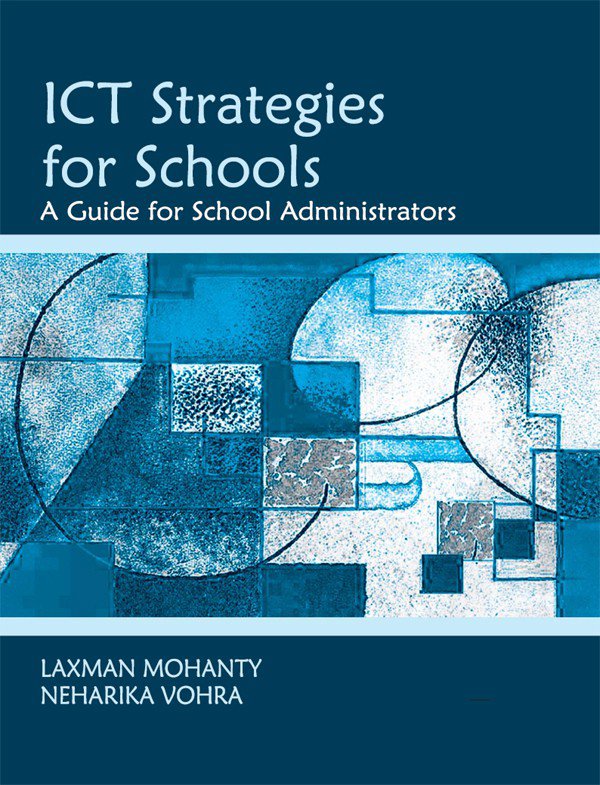
ICT Strategies for Schools Recognizing the potential of ICTs to make taught curriculum significantly more relevant and purposeful, principals and school administrators in India have to design appropriate IT strategies and oversee the entire implementation process in their schools. This book is a guide to the use of ICT in schools, covering issues of pedagogy, curriculum, and learning. In brief, it deals with educational uses of IT; criteria for selection of hardware and software; designing an IT-assisted curriculum; teacher recruitment, training and desired competencies; management and financial issues; and possible problem areas: plagiarism, privacy, hacking. EDUCATION,Computers & Technology
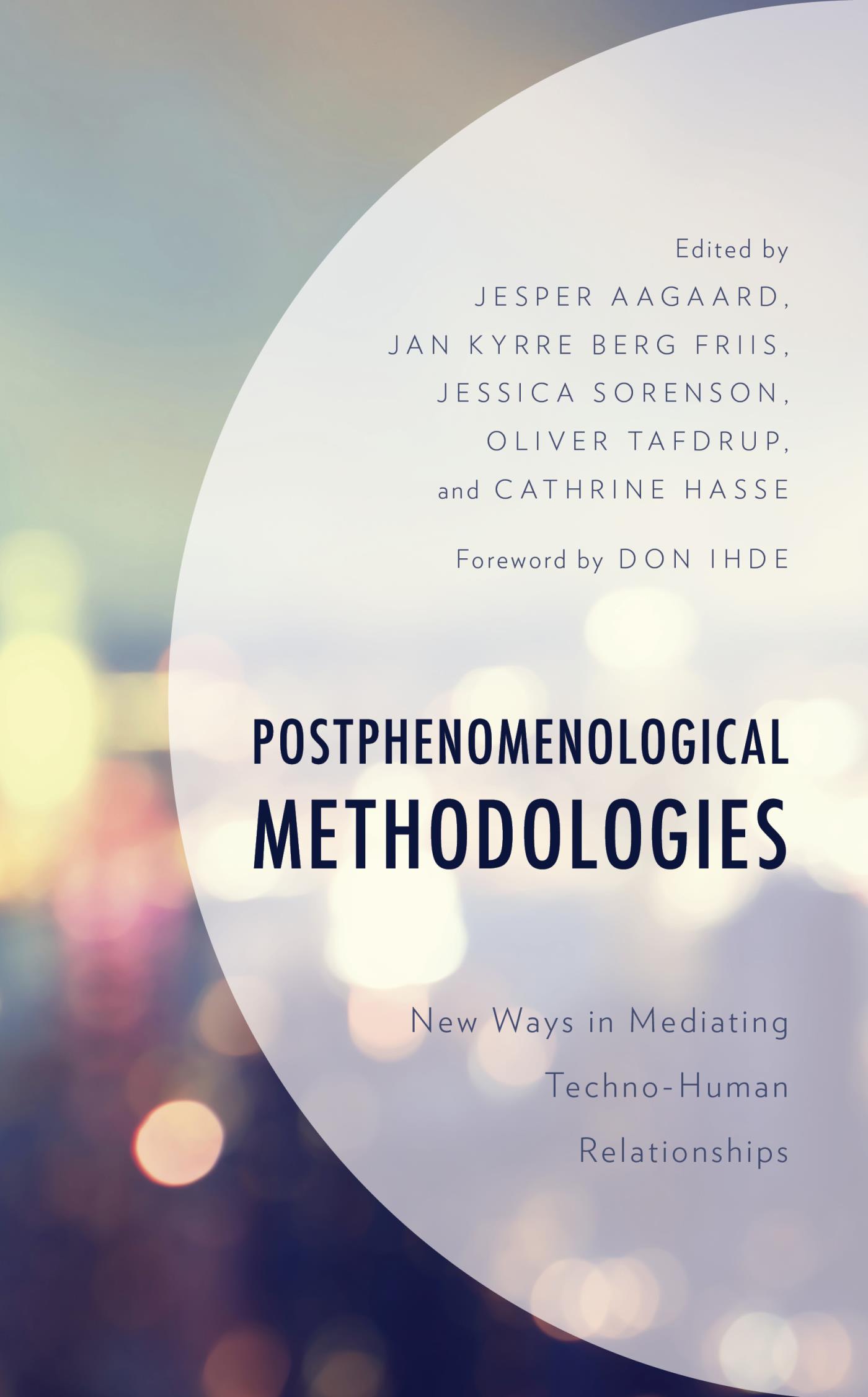
Postphenomenological Methodologies This volume contributes to postphenomenological research into human-technology relations with essays reflecting on methodological issues through empirical studies of education, digital media, biohacking, health, robotics, and skateboarding. This work provides new perspectives that call for a comprehensive postphenomenological research methodology. EDUCATION,Computers & Technology

Teaching AI For many, artificial intelligence, or AI, may seem like a new, and possibly overwhelming concept. The reality is that AI is already being applied in industry and, for many of us, in our daily lives as well. A better understanding of AI can help you make informed decisions now, that will impact the future of your learners. This book explores what AI is, how it works and how educators can use it to better prepare students in a world with increased human-computer interaction. This book features perspectives from educators and industry experts on how they are using AI; approaches to teaching about AI including design thinking, project based learning and STEM connections; tools for exploring AI and sharing it with your students; and activities to introduce AI concepts, reflection questions and lesson ideas. EDUCATION,Computers & Technology
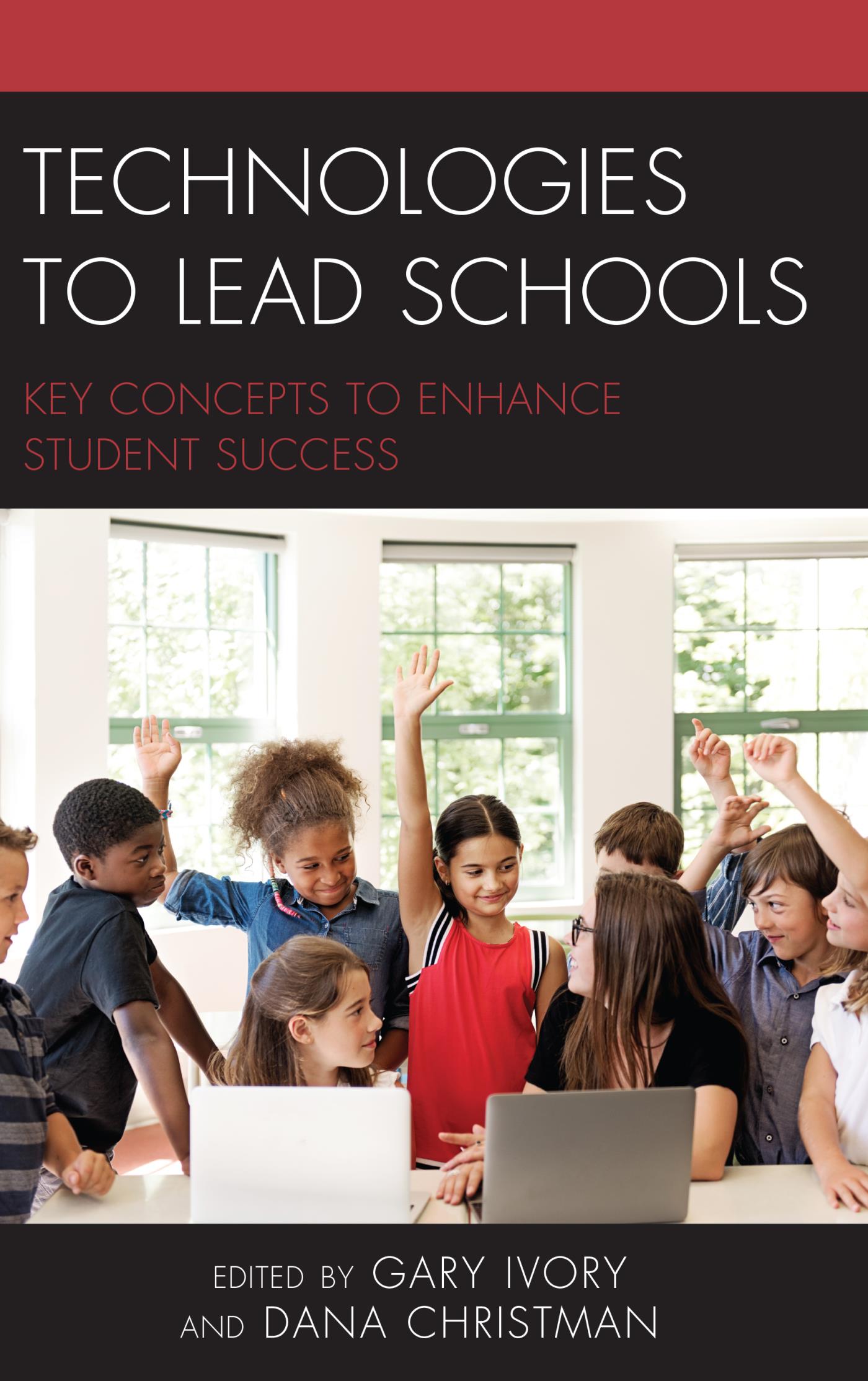
Technologies to Lead Schools In this book, we share perspectives on how education leaders can use computer technologies to enhance their effectiveness in working with other adults. EDUCATION,Computers & Technology
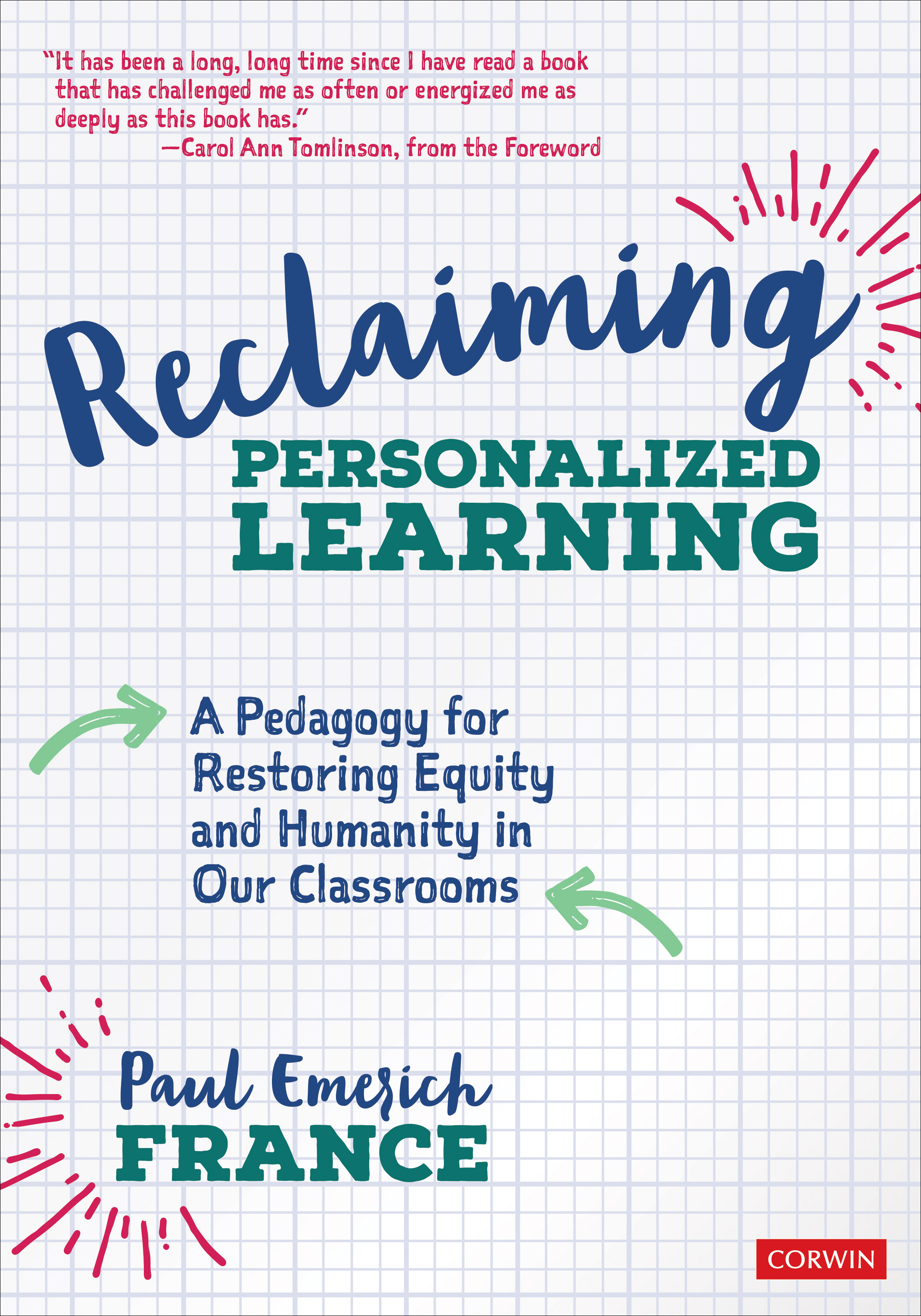
Reclaiming Personalized Learning Where exactly did personalized learning go so wrong? For teacher and consultant Paul France, at first technology-powered personalized learning seemed like a panacea. But after three years spent at a personalized learning start-up and network of microschools, he soon realized that such corporate-driven individualized learning initiatives do more harm than good, especially among our most vulnerable students. The far-superior alternative? A human-centered pedagogy that prioritizes children over technology. First, let’s be clear: Reclaiming Personalized Learning is not yet-another ed tech book. Instead it’s a user’s guide to restoring equity and humanity to our classrooms and schools through personalization. One part polemical, eleven parts practical, the book describes how to: Shape whole-class instruction, leverage small-group interactions, and nurture a student’s inner-dialogue Cultivate awareness within and among students, and build autonomy and authority Design curriculum with a flexible frame and where exactly the standards fit Humanize assessment and instruction, including the place of responsive teaching Create a sense of belonging, humanize technology integration, and effect socially just teaching and learning—all central issues in equity The truth is this: there’s no one framework, there’s no one tool that makes learning personalized–what personalized learning companies with a vested interest in profits might tempt you to believe. It’s people who personalize learning, and people not technology must be at the center of education. The time is now for all of us teachers to reclaim personalized learning, and this all-important book is our very best resource for getting started. “This is a compelling and critically important book for our time. With rich stories of teaching and learning Paul France considers ways to create the most positive learning experiences possible.†- JO BOALER, Nomellini & Olivier Professor of Education , Stanford Graduate School of Education “This brilliant book is a major contribution to the re-imagination of learning and teaching for the twenty-first century and should be essential reading for new and experienced teachers alike." - TONY WAGNER, Senior Research Fellow, Learning Policy Institute “In these troubled times, this book is more than a breath of fresh air, it is a call to action. Paul gives us an accessible and sophisticated book that explains how and why we should celebrate the humanity of every single student.†- JIM KNIGHT, Senior Partner of the Instructional Coaching Group (ICG) and Author of The Impact Cycle EDUCATION,Computers & Technology
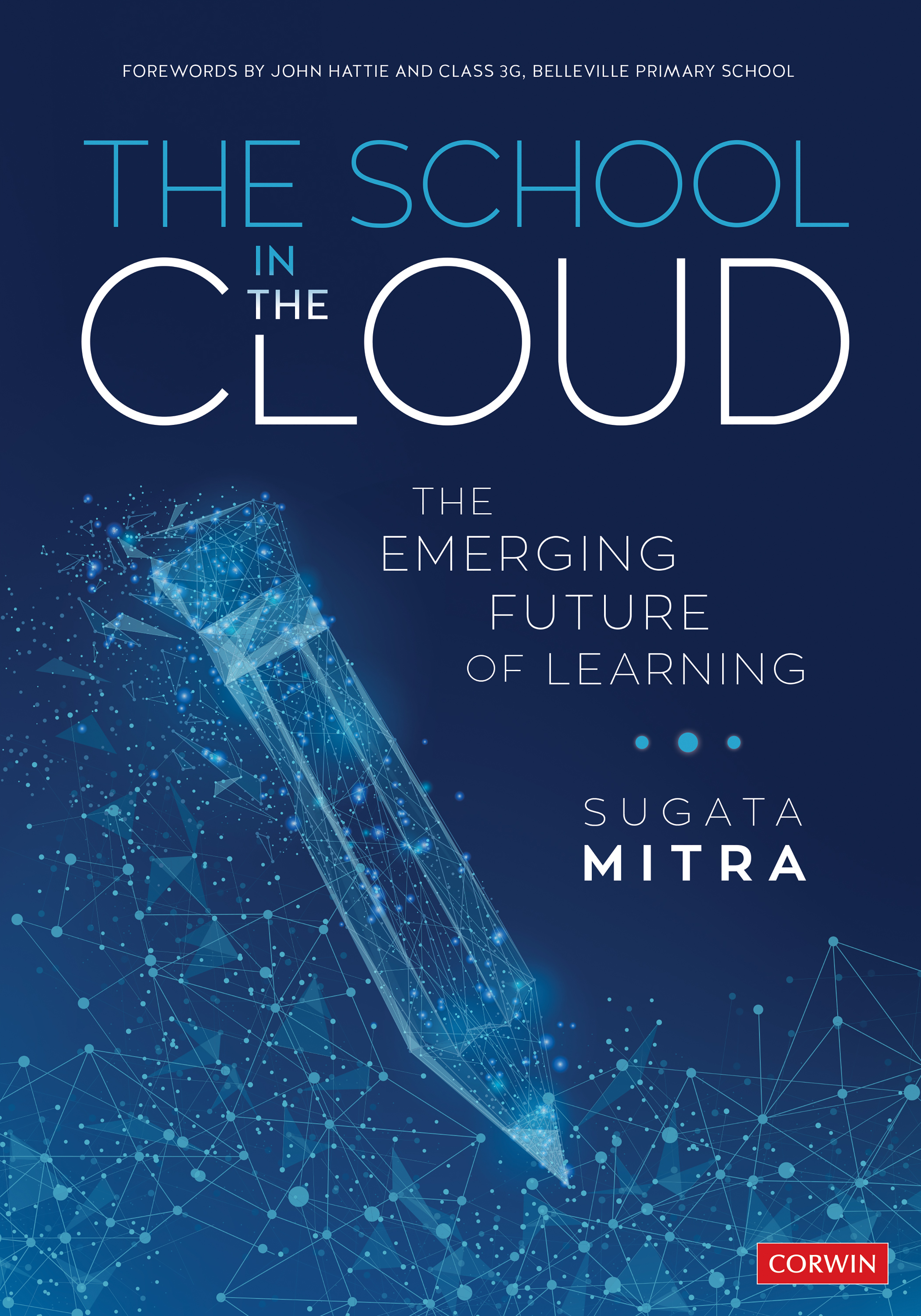
The School in the Cloud The Science and the Story of the Future of Learning In 1999, Sugata Mitra conducted the famous "Hole in the Wall" experiment that inspired three TED Talks and earned him the first million-dollar TED prize for research in 2013. Since then, he has conducted new research around self-organized learning environments (SOLE), building "Schools in the Cloud" all over the world. This new book shares the results of this research and offers • Examples of thriving Schools in the Cloud in unlikely places • Mitra’s predictions on the future of learning • How to design assessments for self-organizing learning • How to build your own School in the Cloud • Clips from the documentary, The School in the Cloud EDUCATION,Computers & Technology
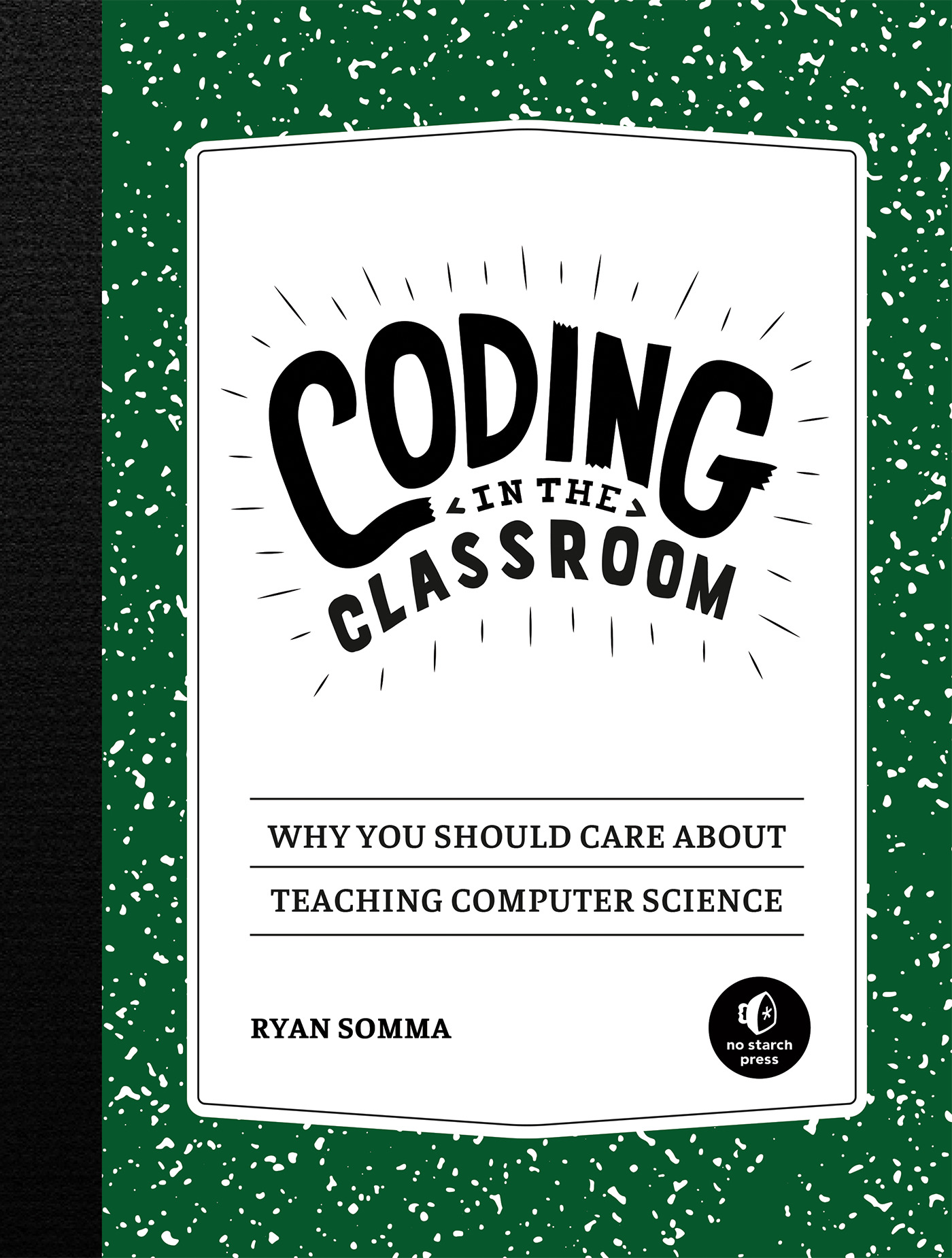
Coding in the Classroom A book for anyone teaching computer science, from elementary school teachers and coding club coaches to parents looking for some guidance. Computer science opens more doors for today's youth than any other discipline - which is why Coding in the Classroom is your key to unlocking students' future potential. Author Ryan Somma untangles the current state of CS education standards; describes the cognitive, academic, and professional benefits of learning CS; and provides numerous strategies to promote computational thinking and get kids coding! Whether you're a teacher, an after-school coach, or a parent seeking accessible ways to boost your kid's computer savvy, Coding in the Classroom is here to help. With quick-start programming strategies, scaffolded exercises for every grade level, and ideas for designing CS events that promote student achievement, this book is a rock-solid roadmap to CS integration from a wide variety of on-ramps. You'll learn: • tips and resources for teaching programming concepts via in-class activities and games, without a computer • development environments that make coding and sharing web apps a breeze • lesson plans for the software lifecycle process and techniques for facilitating long-term projects • ways to craft interdisciplinary units that bridge CS and computational thinking with other content areas Coding in the Classroom does more than make CS less formidable - it makes it more fun! From learning computational thinking via board games to building their own websites, students are offered a variety of entry points for acquiring the skills they need to succeed in the 21st-century workforce. Moreover, Somma understands how schools operate - and he's got your back. You'll be empowered to advocate for the value of implementing CS across the curriculum, get stakeholder buy-in, and build the supportive, equitable coding community that your school deserves. EDUCATION,Computers & Technology
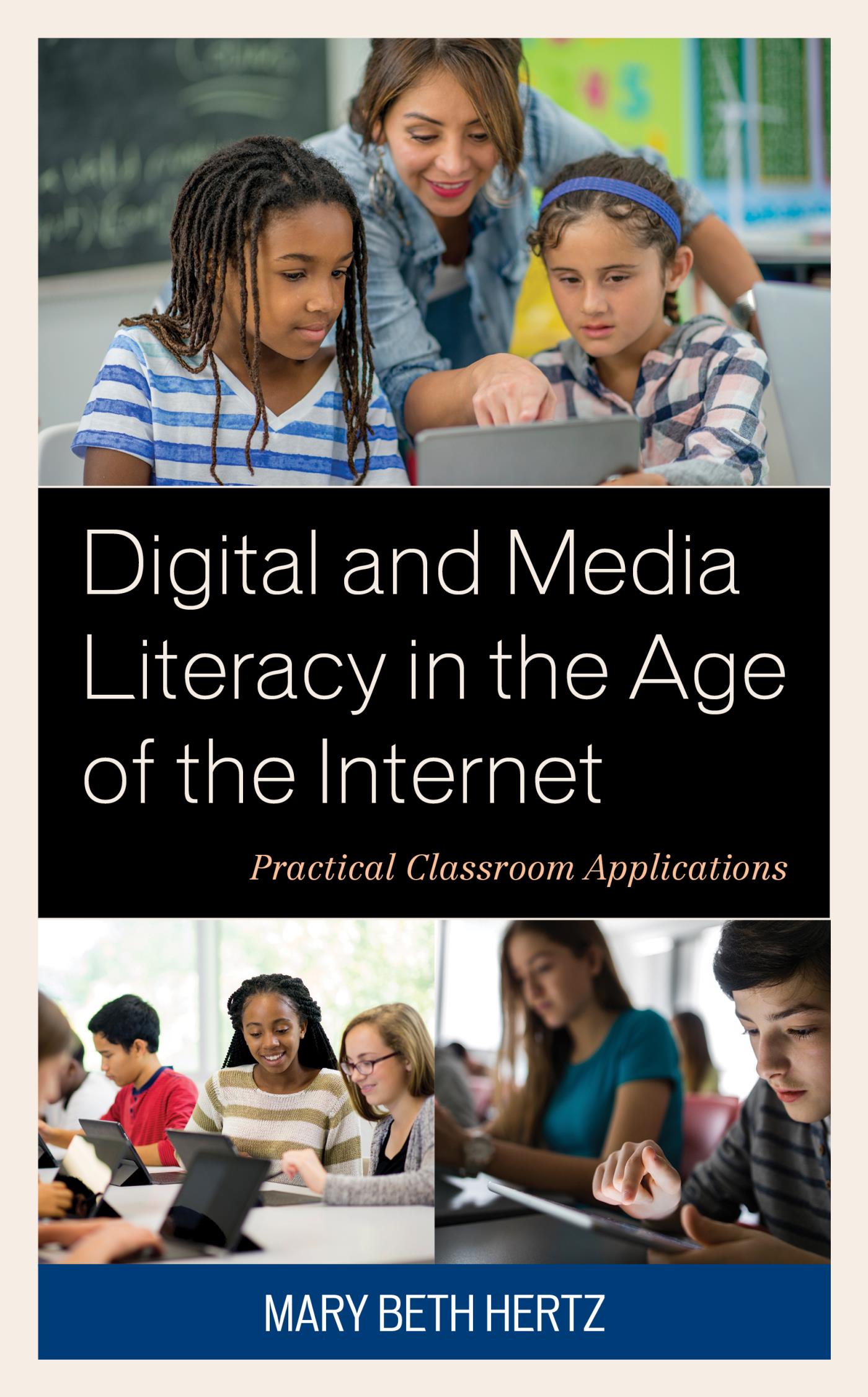
Digital and Media Literacy in the Age of the Internet This book serves as a comprehensive guide for educators looking to make informed decisions and navigate digital spaces with their students. The author sets the stage for educators who may not be familiar with the digital world that their students live in, including the complexities of online identities, digital communities and social media. EDUCATION,Computers & Technology

Teach Boldly Transformational education leader Jennifer Williams offers design- and empathy-driven practices to help teachers activate positive change in student learning. Today’s students are ready to design, dream and MAKE the future. Teach Boldly: Using Edtech for Social Good is a guide for educators ready to apply innovative practices, meaningful technology use and global collaboration to drive the change they want to see in the world. Readers will learn how to create a customized plan for education innovation, with strategies for constructing agile classroom environments, digital storytelling and communicating across lines of difference, and prioritizing feedback and active listening. This book: Showcases the power of narrative and bringing focus to the need for storytelling in education. Offers direction for seeking out authentic feedback and steps for iterating on ideas, emphasizing preservation of voice and creative expression. Discusses learning space design through the lens of empathy and amplification of student voice. Provides easy-to-implement ideas for transforming learning and classroom culture through space. With inspiration from real-world peaceMAKERS in education, Teach Boldly invites readers to create ready-to-go action plans for themselves as educators, for classroom communities and for the global community. EDUCATION,Computers & Technology

OCR GCSE Computer Science, Second Edition Written by leading Computer Science teachers, this brand-new textbook will guide students through the updated OCR GCSE Computer Science specification topic by topic, and provide them with standalone recap and review sections, worked examples and clear explanations of complex topics. This Student Book: >> develops computational thinking skills in line with the new Practical Programming element of Component 02>> provides differentiated material with the 'beyond the spec' feature>> includes standalone recap and review sections at the end of each chapter>> provides definitions of technical terms, along with a glossary of words that will be needed for assessment. Look out for a free set of practice questions on the Hodder Education website. Please note, these questions are not endorsed by OCR and have not been subject to any OCR quality assurance processes. George Rouse, Lorne Pearcey and Gavin Craddock are highly respected and widely published authors of resources. EDUCATION,Computers & Technology
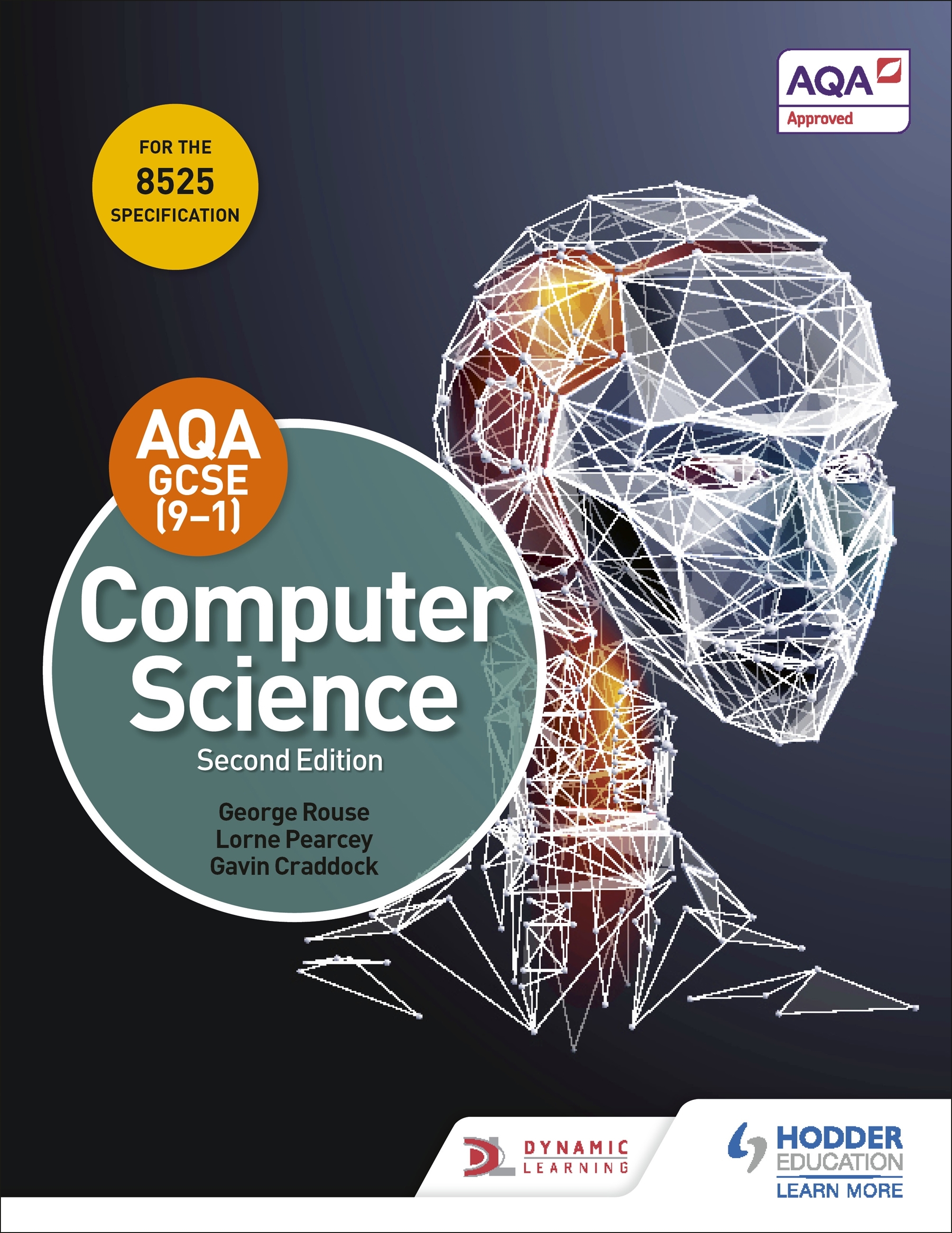
AQA GCSE Computer Science, Second Edition Updated specification; first teaching September 2020. Specification code: 8525 Written by leading Computer Science teachers, this textbook will guide students through the updated AQA GCSE Computer Science specification topic by topic, and provide them with standalone recap and review sections, practice questions, worked examples and clear explanations of complex topics. This textbook:>> Prepares students for assessment with numerous practice questions for all topics>> Develops computational thinking skills>> Provides differentiated material with the 'beyond the spec' feature>> Includes standalone recap and review sections at the end of each chapter>> Provides definitions of technical terms, along with a glossary of words to ensure students feel confident with the assessment. Authors George Rouse, Lorne Pearcey and Gavin Craddock are highly respected and widely published authors of resources. EDUCATION,Computers & Technology
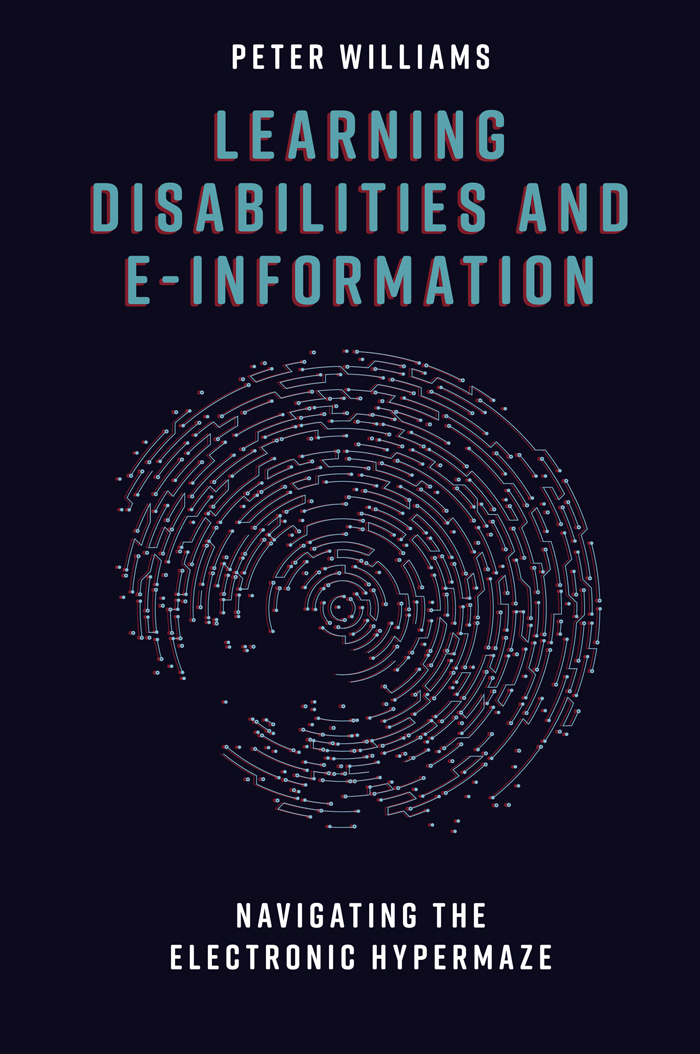
Learning Disabilities and e-Information Digital Technology is becoming ever more used by people with learning disabilities for information, entertainment, to socialise and enjoy self-expression. This book explores these important issues, establishing how page design, use of images and other factors facilitate or inhibit information access and information behaviour more generally. EDUCATION,Computers & Technology
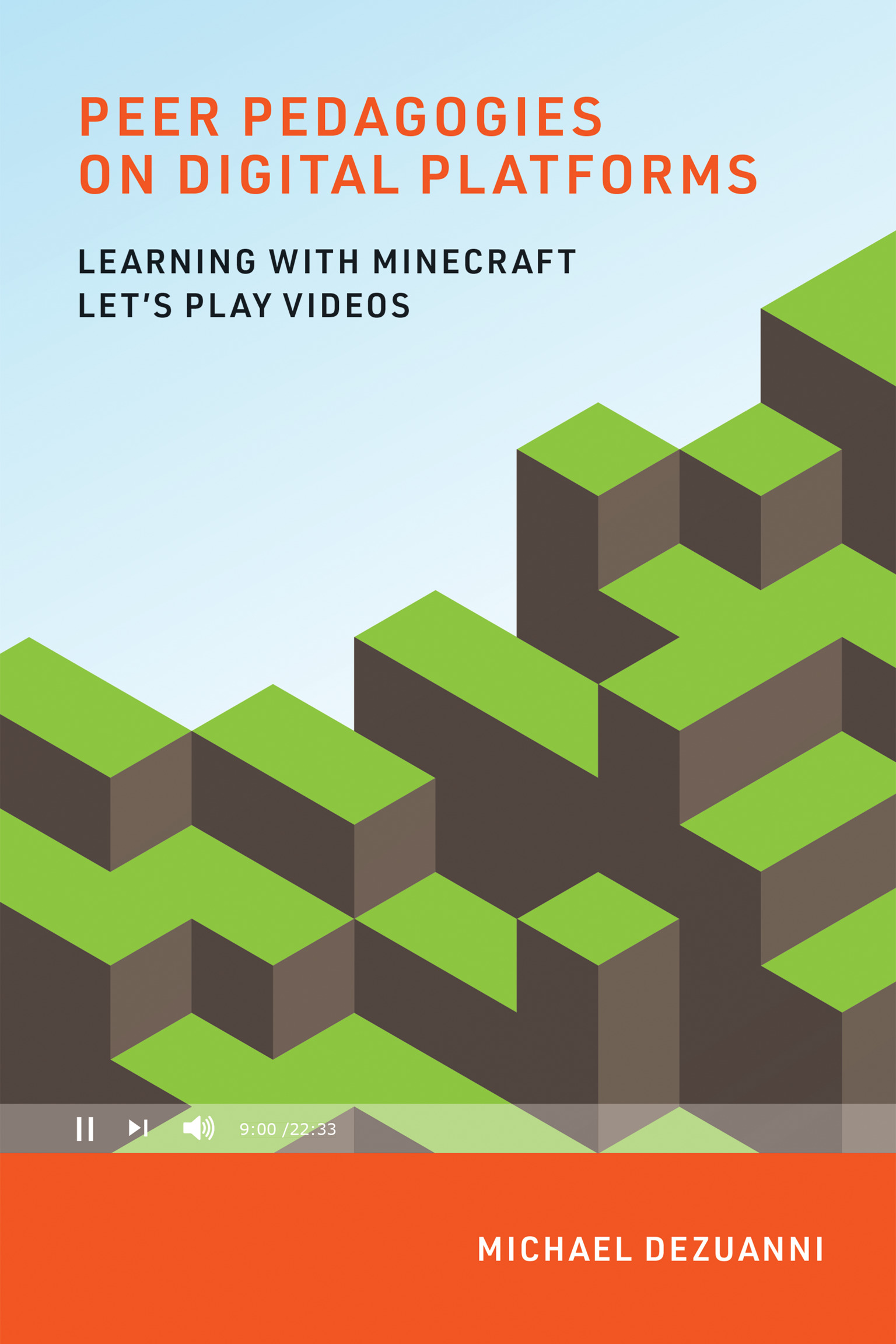
Peer Pedagogies on Digital Platforms How a popular entertainment genre on YouTube--Let's Play videos created by Minecraft players--offers opportunities for children to learn from their peers. Every day millions of children around the world watch video gameplay on YouTube in the form of a popular entertainment genre known as Let's Play videos. These videos, which present a player's gameplay and commentary, offer children opportunities for interaction and learning not available in traditional television viewing or solo video gameplay. In this book, Michael Dezuanni examines why Let's Play videos are so appealing to children, looking in particular at videos of Minecraft gameplay. He finds that a significant aspect of the popularity of these videos is the opportunity for knowledge and skill exchange. EDUCATION,Computers & Technology
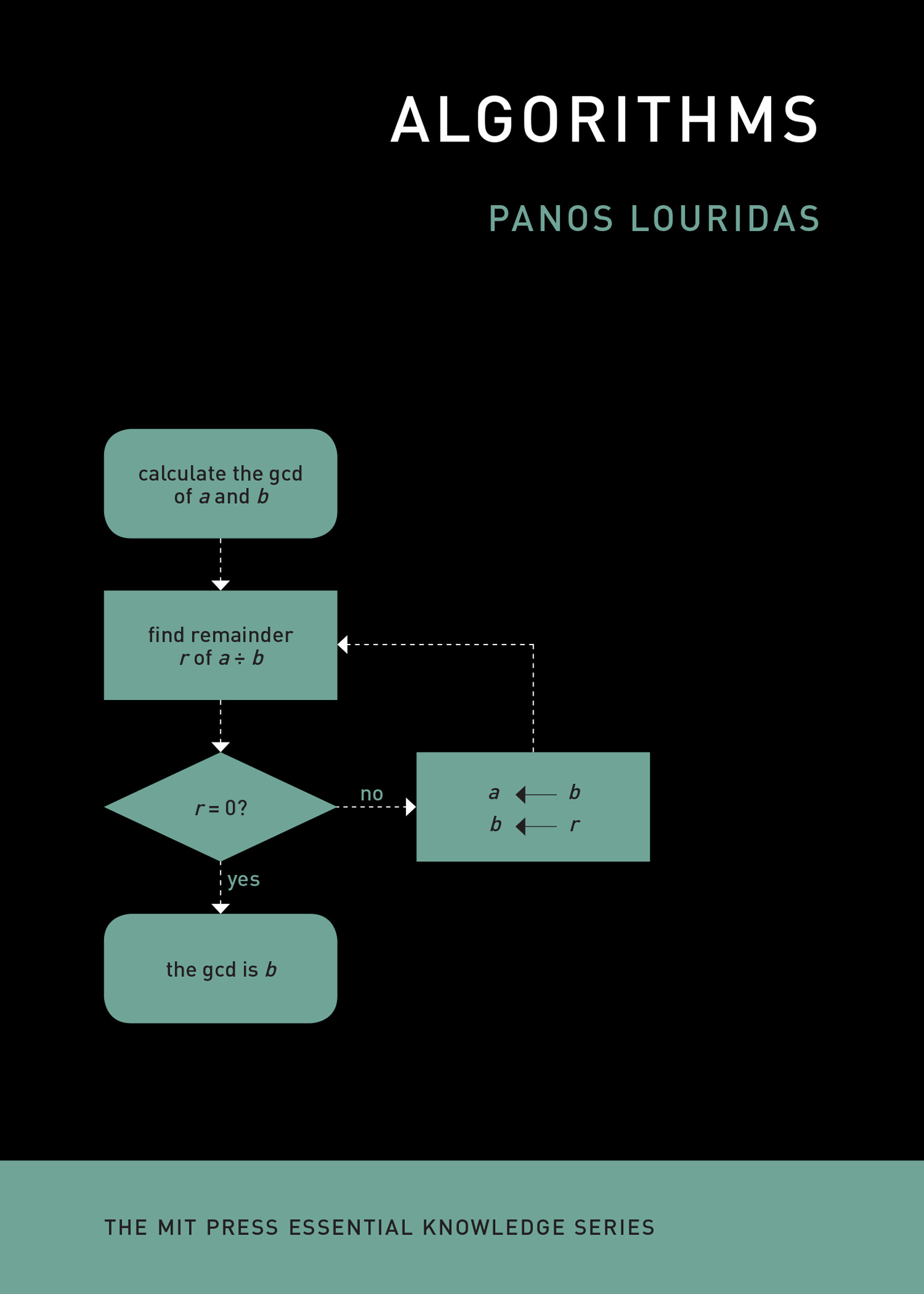
Algorithms In the tradition of Real World Algorithms: A Beginner's Guide, Panos Louridas is back to introduce algorithms in an accessible manner, utilizing various examples to explain not just what algorithms are but how they work. Digital technology runs on algorithms, sets of instructions that describe how to do something efficiently. Application areas range from search engines to tournament scheduling, DNA sequencing, and machine learning. Arguing that every educated person today needs to have some understanding of algorithms and what they do, in this volume in the MIT Press Essential Knowledge series, Panos Louridas offers an introduction to algorithms that is accessible to the nonspecialist reader. Louridas explains not just what algorithms are but also how they work, offering a wide range of examples and keeping mathematics to a minimum. EDUCATION,Computers & Technology

Radical Solutions and Learning Analytics Learning Analytics become the key for Personalised Learning and Teaching thanks to the storage, categorisation and smart retrieval of Big Data. Thousands of user data can be tracked online via Learning Management Systems, instant messaging channels, social networks and other ways of communication. Always with the explicit authorisation from the end user, being a student, a teacher, a manager or a persona in a different role, an instructional designer can design a way to produce a practical dashboard that helps him improve that very user’s performance, interaction, motivation or just grading. This book provides a thorough approach on how education, as such, from teaching to learning through management, is improved by a smart analysis of available data, making visible and useful behaviours, predictions and patterns that are hinder to the regular eye without the process of massive data. EDUCATION,Computers & Technology
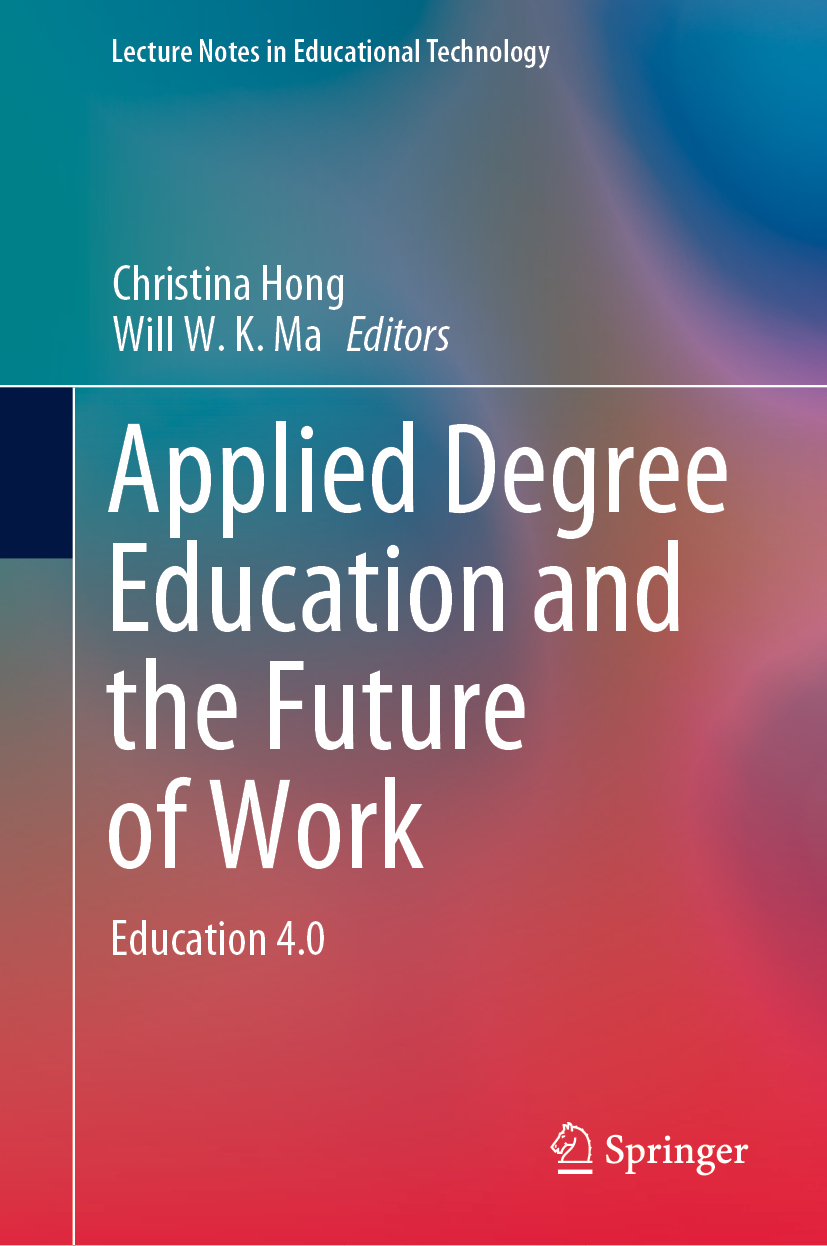
Applied Degree Education and the Future of Work This edited volume sets the stage for discussion on Education 4.0, with a focus on applied degree education and the future of work. Education 4.0 refers to the shifts in the education sector in response to Industry 4.0 where digital transformation is impacting the ways in which the world of work and our everyday lives are becoming increasingly automated. In the applied degree sector, significant change and transformation is occurring as leaders, educators and partners evolve smart campus environments to include blended learning, artificial intelligence, data analytics, BYOD devices, process automation and engage in curriculum renewal for and with industries and professions. This volume aims to profile and enhance the contribution of applied educational practice and research particularly in the applied degree sector and includes contributions that show case real world outcomes with students and industry as partners. This edited volume includes a wide range of topics, such as rethinking the role of education and educators; curriculum and the future of work; industrial partnership, collaboration and work integrated learning; vocational and professional practices; students, industry and professions as partners; employability skills and qualities for the 21st century world of work; innovative pedagogy and instructional design; adaptive learning technologies; and data analytics, assessment and feedback. The contributors come from different parts of the world in higher education, including, Canada, China, Finland, Germany, Hong Kong, Italy, Macau, Singapore and the United Kingdom. EDUCATION,Computers & Technology
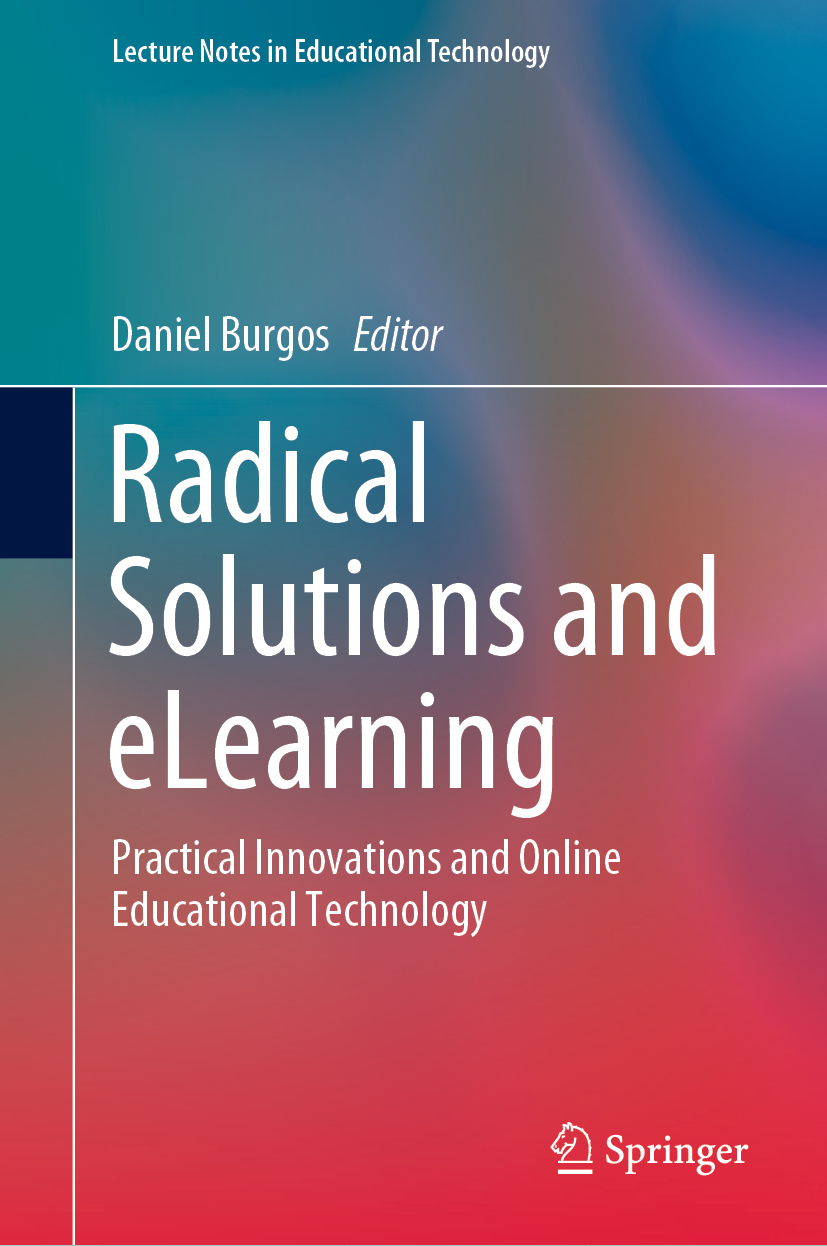
Radical Solutions and eLearning Educational Technology is the right couple to a radical innovation. Thanks to the appropriate technology in the right context with the best fit to the target audience, education can be drastically improved, meaning a better performance, competence achievement, match with the user’s expectations and with the market needs. Serious games, Virtual reality, Augmented reality, Remote labs, Online learning, Blockchain, Mobile learning and many other key technologies allow for a better explanation of so many subjects, and even more: for a complete student involvement and a full teacher engagement into the educational system. Technology gives another angle to the same content, provides the user with a personalised experience and pushes the limits of knowledge a little further, every time. This book presents a number of radical innovations through technology, from experienced cases studies, to be replicated and inspired by; a powerful resource handbook for cutting-edge education. EDUCATION,Computers & Technology
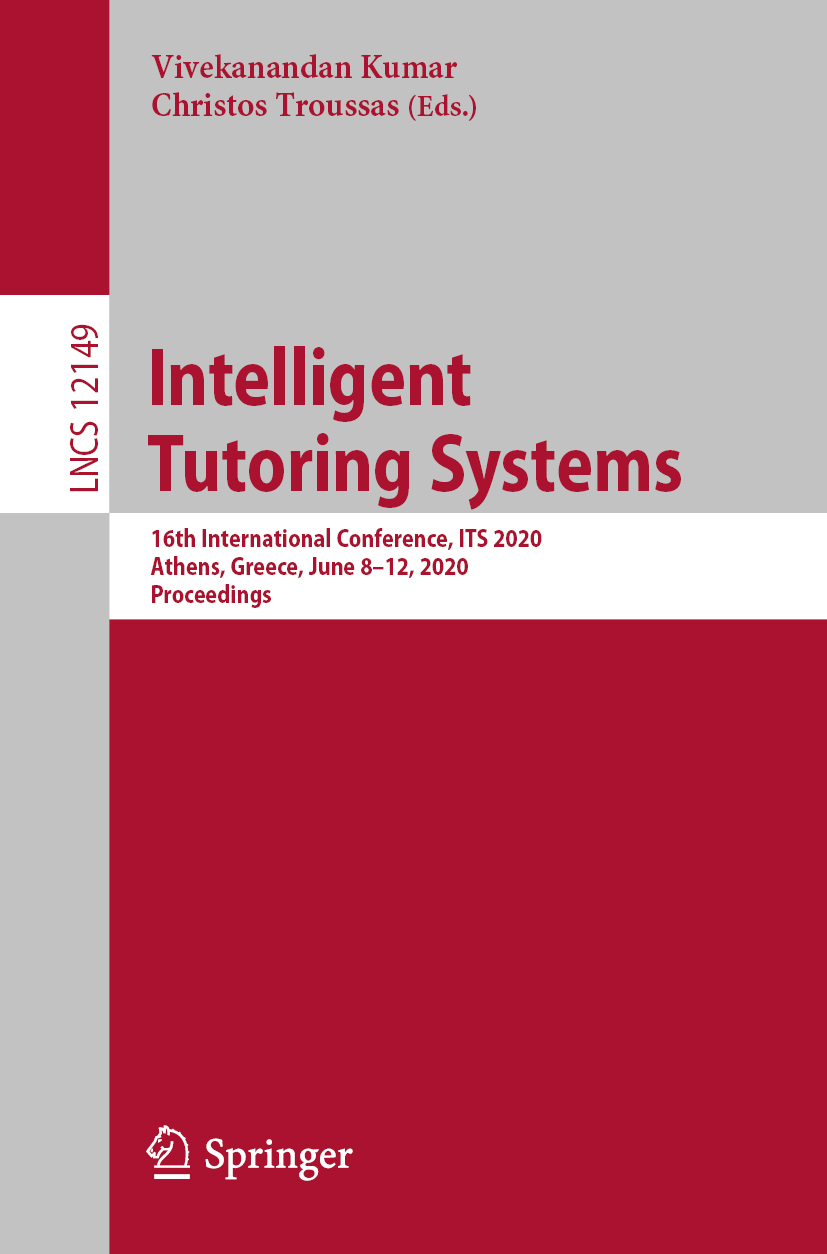
Intelligent Tutoring Systems This volume constitutes the proceedings of the 16th International Conference on Intelligent Tutoring Systems, ITS 2020, held in Athens, Greece, in June 2020. The 23 full papers and 31 short papers presented in this volume were carefully reviewed and selected from 85 submissions. They reflect a variety of new techniques, including multimodal affective computing, explainable AI, mixed-compensation multidimensional item response, ensemble deep learning, cohesion network analysis, spiral of silence, conversational agent, semantic web, computer-supported collaborative learning, and social network analysis. EDUCATION,Computers & Technology

Student Data Privacy Attai removes the fear around what could go wrong when it comes to protecting student data privacy and provides the guidance and support needed to build strong protections in place from the start. EDUCATION,Computers & Technology

Connected Code Why every child needs to learn to code: the shift from “computational thinking” to computational participation. Coding, once considered an arcane craft practiced by solitary techies, is now recognized by educators and theorists as a crucial skill, even a new literacy, for all children. Programming is often promoted in K-12 schools as a way to encourage “computational thinking”—which has now become the umbrella term for understanding what computer science has to contribute to reasoning and communicating in an ever-increasingly digital world. In Connected Code, Yasmin Kafai and Quinn Burke argue that although computational thinking represents an excellent starting point, the broader conception of “computational participation” better captures the twenty-first-century reality. Computational participation moves beyond the individual to focus on wider social networks and a DIY culture of digital “making.” Kafai and Burke describe contemporary examples of computational participation: students who code not for the sake of coding but to create games, stories, and animations to share; the emergence of youth programming communities; the practices and ethical challenges of remixing (rather than starting from scratch); and the move beyond stationary screens to programmable toys, tools, and textiles. EDUCATION,Computers & Technology
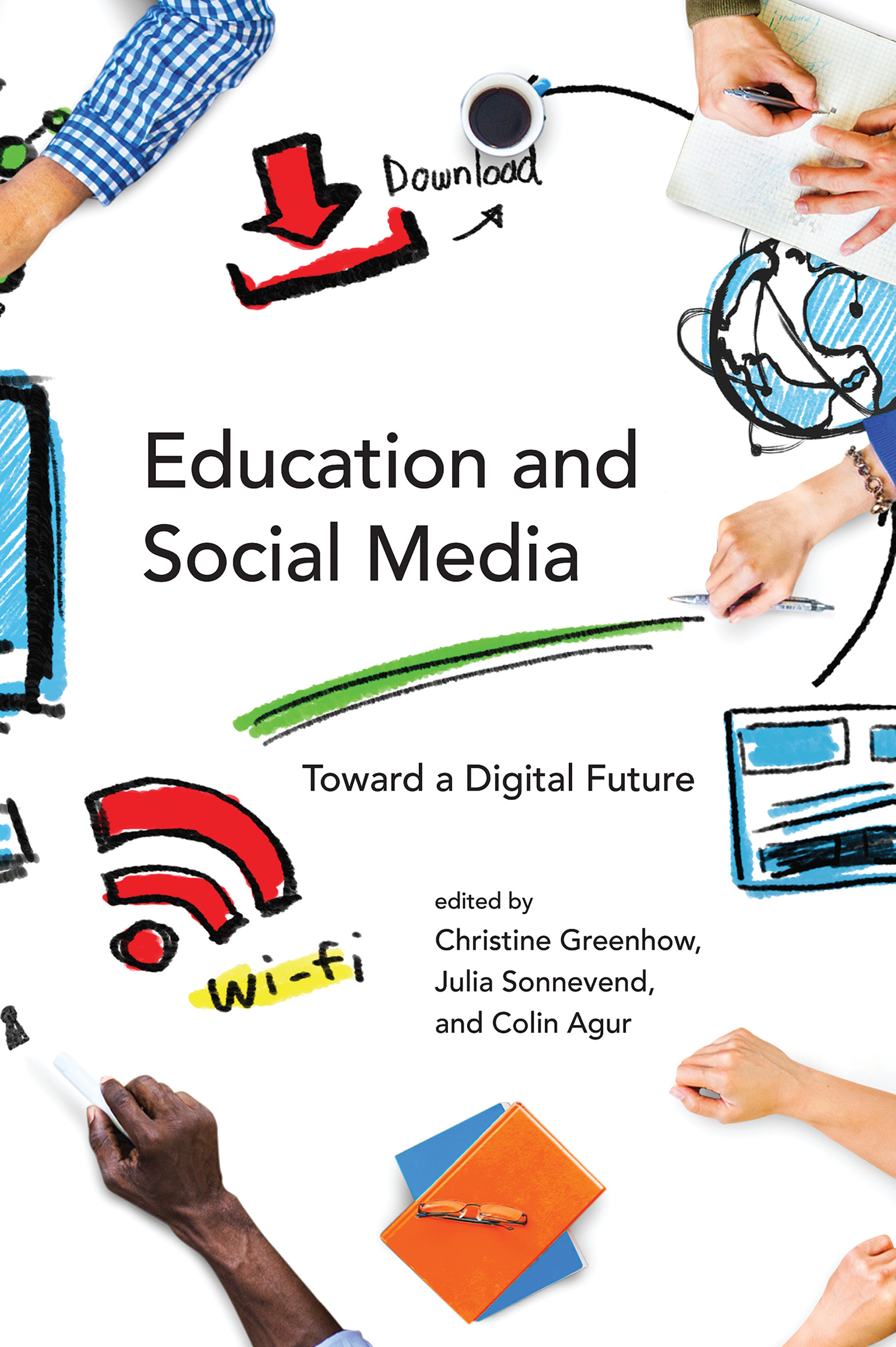
Education and Social Media Leading scholars from a variety of disciplines explore the future of education, including social media usage, new norms of knowledge, privacy, copyright, and MOOCs. How are widely popular social media such as Facebook, Twitter, and Instagram transforming how teachers teach, how kids learn, and the very foundations of education? What controversies surround the integration of social media in students' lives? The past decade has brought increased access to new media, and with this new opportunities and challenges for education. In this book, leading scholars from education, law, communications, sociology, and cultural studies explore the digital transformation now taking place in a variety of educational contexts. The contributors examine such topics as social media usage in schools, online youth communities, and distance learning in developing countries; the disruption of existing educational models of how knowledge is created and shared; privacy; accreditation; and the tension between the new ease of sharing and copyright laws. Case studies examine teaching media in K–12 schools and at universities; tuition-free, open education powered by social media, as practiced by the University of the People; new financial models for higher education; the benefits and challenges of MOOCS (Massive Open Online Courses); social media and teacher education; and the civic and individual advantages of teens' participatory play. Contributors Colin Agur, Jack M. Balkin, Valerie Belair-Gagnon, danah boyd, Nicholas Bramble, David Buckingham, Chris Dede, Benjamin Gleason, Christine Greenhow, Daniel J. H. Greenwood, Jiahang Li, Yite John Lu, Minhtuyen Mai, John Palfrey, Ri Pierce-Grove, Adam Poppe, Shai Reshef, Julia Sonnevend, Mark Warschauer EDUCATION,Computers & Technology
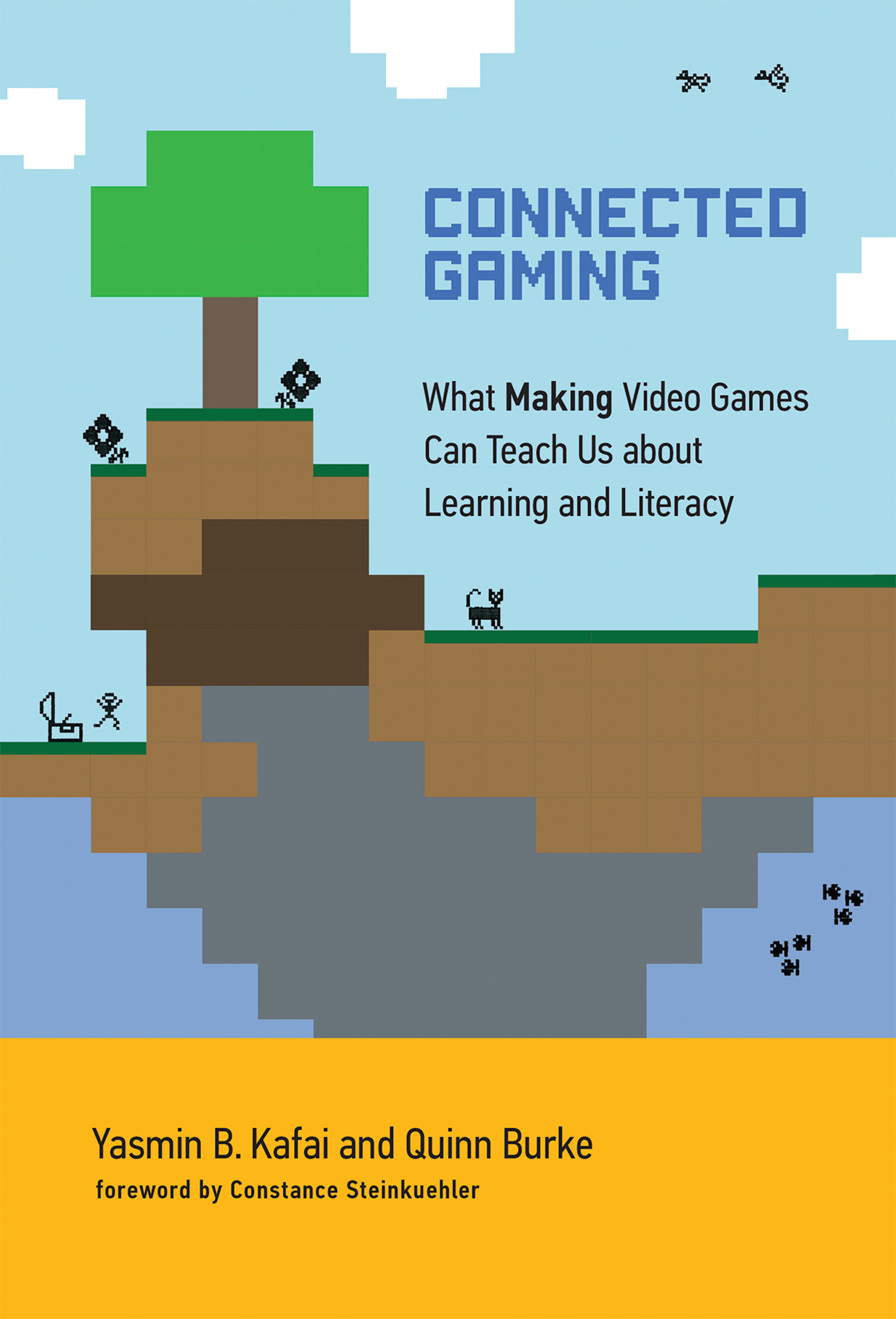
Connected Gaming How making and sharing video games offer educational benefits for coding, collaboration, and creativity. Over the last decade, video games designed to teach academic content have multiplied. Students can learn about Newtonian physics from a game or prep for entry into the army. An emphasis on the instructionist approach to gaming, however, has overshadowed the constructionist approach, in which students learn by designing their own games themselves. In this book, Yasmin Kafai and Quinn Burke discuss the educational benefits of constructionist gaming—coding, collaboration, and creativity—and the move from “computational thinking” toward “computational participation.” Kafai and Burke point to recent developments that support a shift to game making from game playing, including the game industry's acceptance, and even promotion, of “modding” and the growth of a DIY culture. Kafai and Burke show that student-designed games teach not only such technical skills as programming but also academic subjects. Making games also teaches collaboration, as students frequently work in teams to produce content and then share their games with in class or with others online. Yet Kafai and Burke don't advocate abandoning instructionist for constructionist approaches. Rather, they argue for a more comprehensive, inclusive idea of connected gaming in which both making and gaming play a part. EDUCATION,Computers & Technology
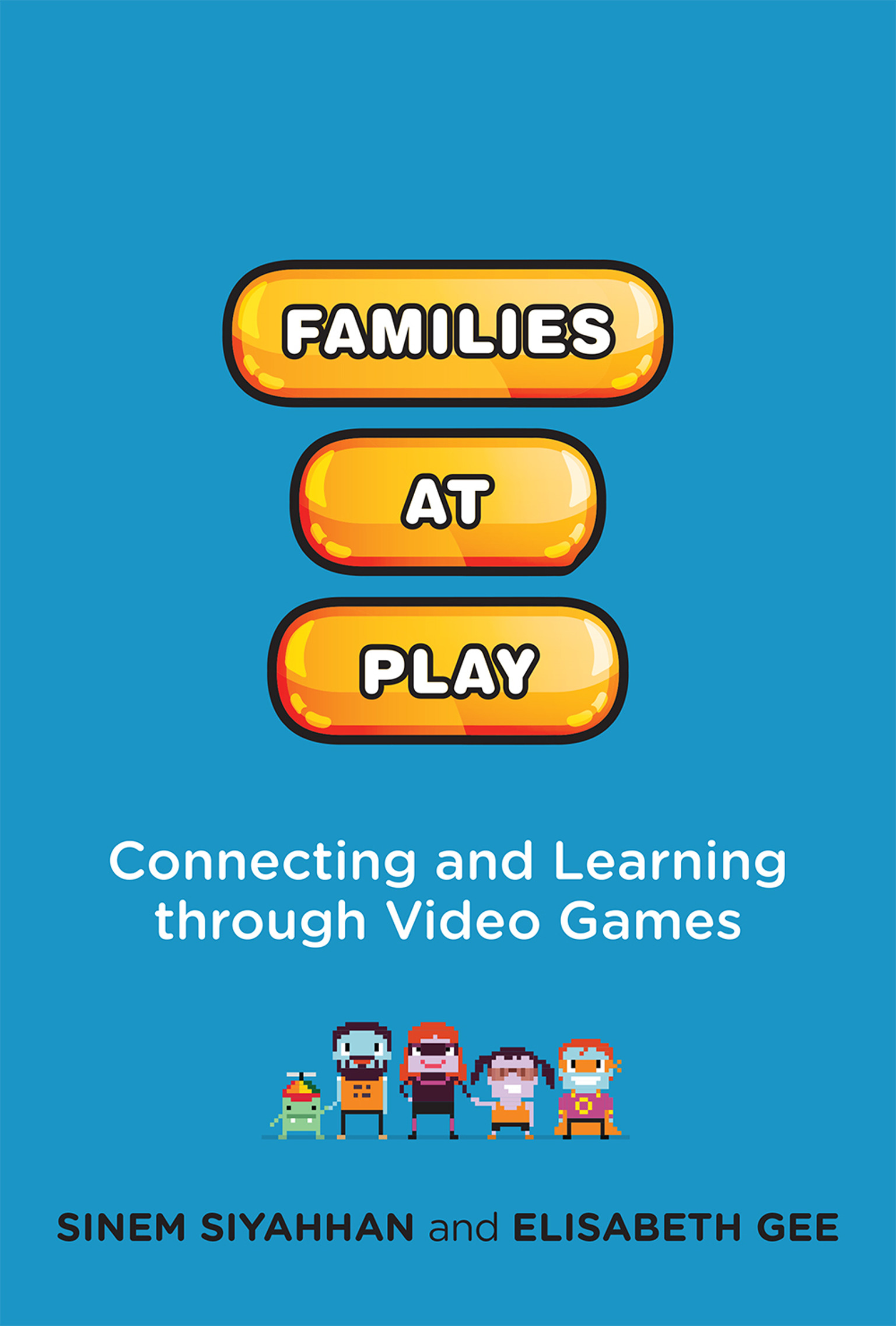
Families at Play How family video game play promotes intergenerational communication, connection, and learning. Video games have a bad reputation in the mainstream media. They are blamed for encouraging social isolation, promoting violence, and creating tensions between parents and children. In this book, Sinem Siyahhan and Elisabeth Gee offer another view. They show that video games can be a tool for connection, not isolation, creating opportunities for families to communicate and learn together. Like smartphones, Skype, and social media, games help families stay connected. Siyahhan and Gee offer examples: One family treats video game playing as a regular and valued activity, and bonds over Halo. A father tries to pass on his enthusiasm for Star Wars by playing Lego Star Wars with his young son. Families express their feelings and share their experiences and understanding of the world through playing video games like The Sims, Civilization, and Minecraft. Some video games are designed specifically to support family conversations around such real-world issues and sensitive topics as bullying and peer pressure. Siyahhan and Gee draw on a decade of research to look at how learning and teaching take place when families play video games together. With video games, they argue, the parents are not necessarily the teachers and experts; all family members can be both teachers and learners. They suggest video games can help families form, develop, and sustain their learning culture as well as develop skills that are valued in the twenty-first century workplace. Educators and game designers should take note. EDUCATION,Computers & Technology

Playful Visions The kaleidoscope, the stereoscope, and other nineteenth-century optical toys analyzed as “new media” of their era, provoking anxieties similar to our own about children and screens. In the nineteenth century, the kaleidoscope, the thaumatrope, the zoetrope, the stereoscope, and other optical toys were standard accessories of a middle-class childhood, used both at home and at school. In Playful Visions, Meredith Bak argues that the optical toys of the nineteenth century were the “new media” of their era, teaching children to be discerning consumers of media—and also provoking anxieties similar to contemporary worries about children's screen time. Bak shows that optical toys—which produced visual effects ranging from a moving image to the illusion of depth—established and reinforced a new understanding of vision as an interpretive process. At the same time, the expansion of the middle class as well as education and labor reforms contributed to a new notion of childhood as a time of innocence and play. Modern media culture and the emergence of modern Western childhood are thus deeply interconnected. Drawing on extensive archival research, Bak discusses, among other things, the circulation of optical toys, and the wide visibility gained by their appearance as printed templates and textual descriptions in periodicals; expanding conceptions of literacy, which came to include visual acuity; and how optical play allowed children to exercise a sense of visual mastery. She examines optical toys alongside related visual technologies including chromolithography—which inspired both chromatic delight and chromophobia. Finally, considering the contemporary use of optical toys in advertising, education, and art, Bak analyzes the endurance of nineteenth-century visual paradigms. EDUCATION,Computers & Technology
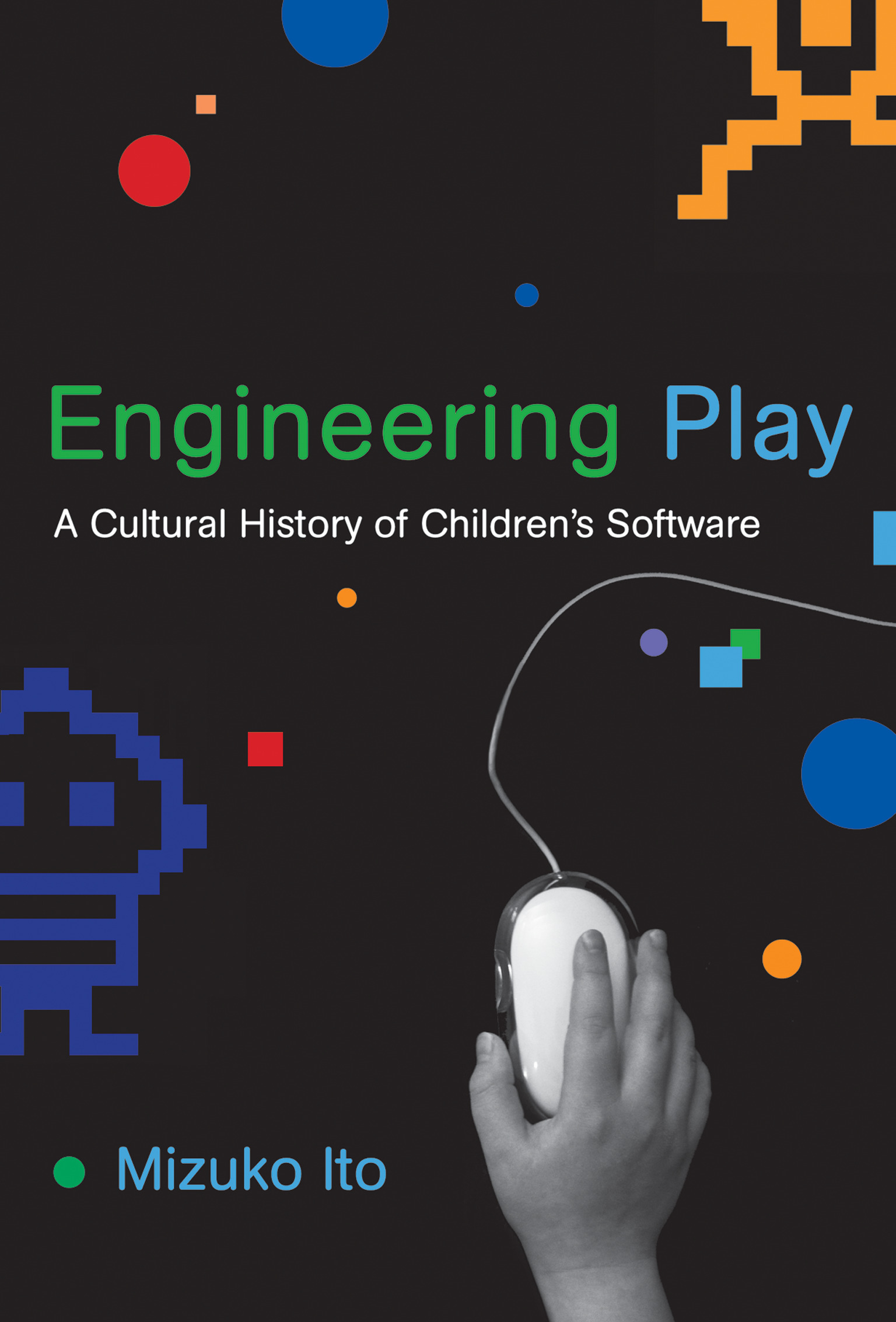
Engineering Play How the influential industry that produced such popular games as Oregon Trail and KidPix emerged from experimental efforts to use computers as tools in child-centered learning. Today, computers are part of kids' everyday lives, used both for play and for learning. We envy children's natural affinity for computers, the ease with which they click in and out of digital worlds. Thirty years ago, however, the computer belonged almost exclusively to business, the military, and academia. In Engineering Play, Mizuko Ito describes the transformation of the computer from a tool associated with adults and work to one linked to children, learning, and play. Ito gives an account of a pivotal period in the 1980s and 1990s, which saw the rise of a new category of consumer software designed specifically for elementary school-aged children. “Edutainment” software sought to blend various educational philosophies with interactive gaming and entertainment, and included such titles as Number Munchers, Oregon Trail, KidPix, and Where in the World Is Carmen Sandiego?. The children's software boom (and the bust that followed), says Ito, can be seen as a microcosm of the negotiations surrounding new technology, children, and education. The story she tells is both a testimonial to the transformative power of innovation and a cautionary tale about its limitations. EDUCATION,Computers & Technology
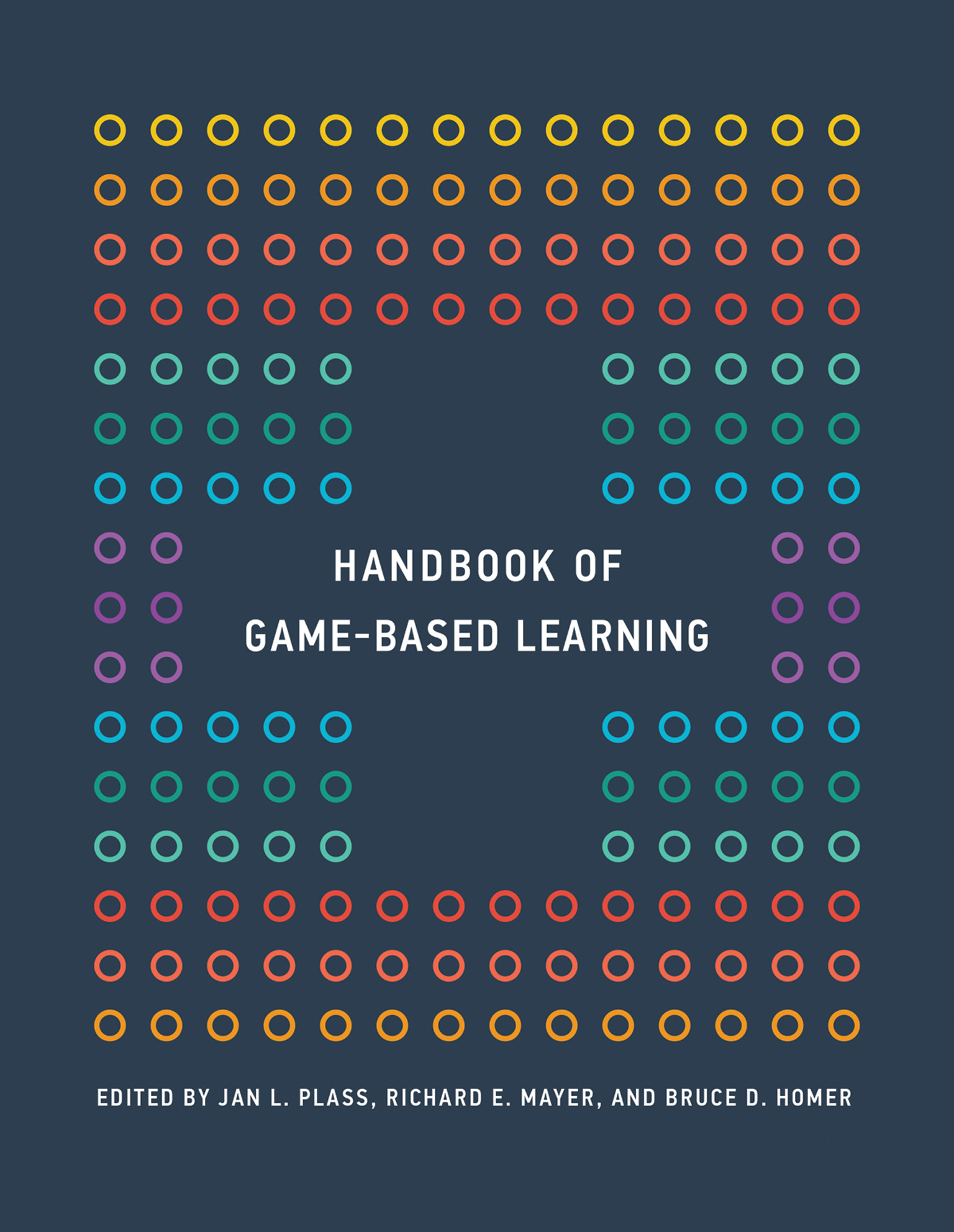
Handbook of Game-Based Learning A comprehensive introduction to the latest research and theory on learning and instruction with computer games. This book offers a comprehensive introduction to the latest research on learning and instruction with computer games. Unlike other books on the topic, which emphasize game development or best practices, Handbook of Game-Based Learning is based on empirical findings and grounded in psychological and learning sciences theory. The contributors, all leading researchers in the field, offer a range of perspectives, including cognitive, motivational, affective, and sociocultural. They explore research on whether (and how) computer games can help students learn educational content and academic skills; which game features (including feedback, incentives, adaptivity, narrative theme, and game mechanics) can improve the instructional effectiveness of these games; and applications, including games for learning in STEM disciplines, for training cognitive skills, for workforce learning, and for assessment. The Handbook offers an indispensable reference both for readers with practical interests in designing or selecting effective game-based learning environments and for scholars who conduct or evaluate research in the field. It can also be used in courses related to play, cognition, motivation, affect, instruction, and technology. Contributors Roger Azevedo, Ryan S. Baker, Daphne Bavelier, Amanda E. Bradbury, Ruth C. Clark, Michele D. Dickey, Hamadi Henderson, Bruce D. Homer, Fengfeng Ke, Younsu Kim, Charles E. Kinzer, Eric Klopfer, James C. Lester, Kristina Loderer, Richard E. Mayer, Bradford W. Mott, Nicholas V. Mudrick, Brian Nelson, Frank Nguyen, V. Elizabeth Owen, Shashank Pawar, Reinhard Pekrun, Jan L. Plass, Charles Raffale, Jonathon Reinhardt, C. Scott Rigby, Jonathan P. Rowe, Richard M. Ryan, Ruth N. Schwartz, Quinnipiac Valerie J. Shute, Randall D. Spain, Constance Steinkuehler, Frankie Tam, Michelle Taub, Meredith Thompson, Steven L. Thorne, A. M. Tsaasan EDUCATION,Computers & Technology
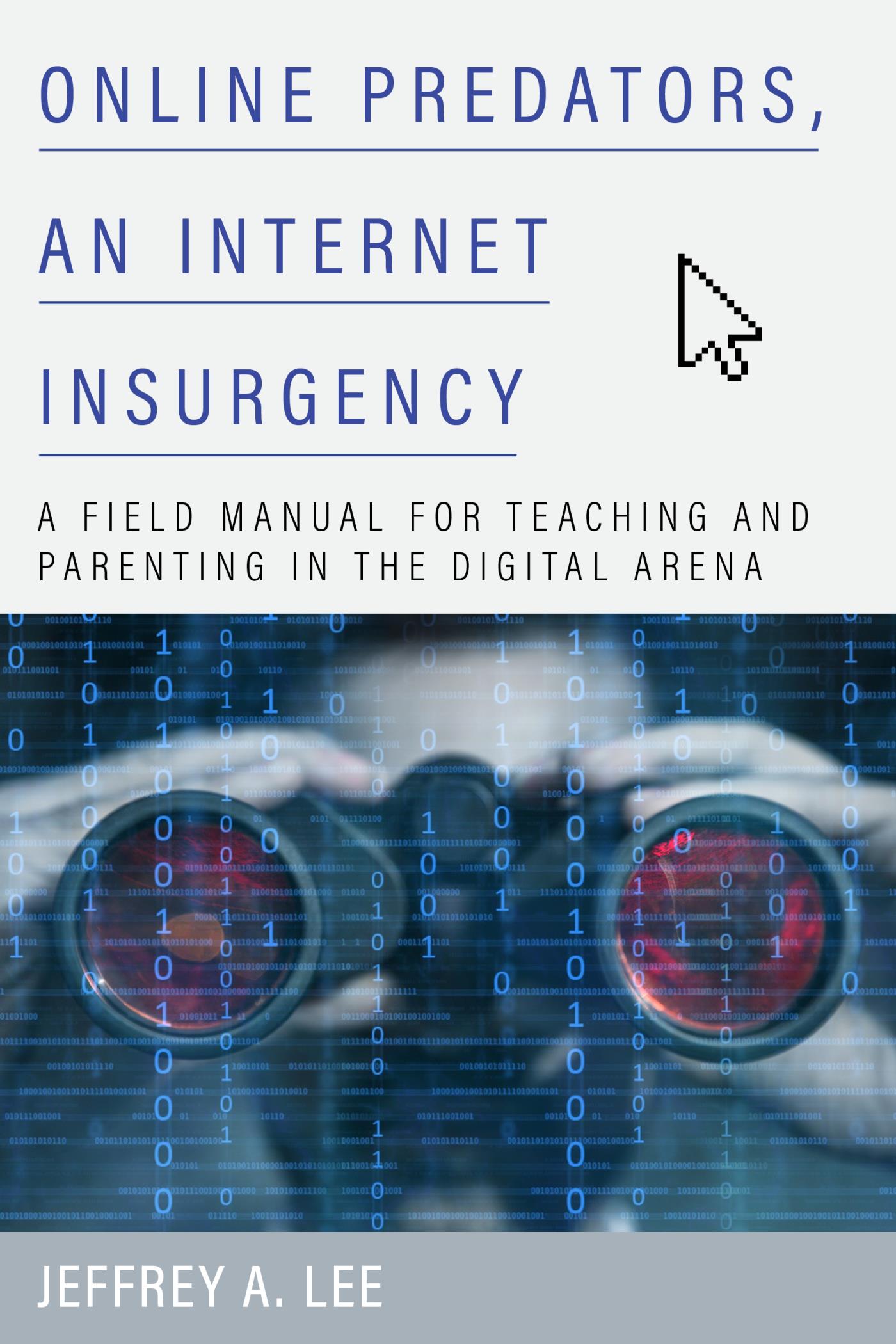
Online Predators, an Internet Insurgency The key to preventing online child predation is Stakeholder Involvement. Parents and guardians need to place themselves in the forefront of their kids’ minds when it comes to their devices. Educational professionals need to use their unique positions to educate their students and detect online predation and problems in their schools. EDUCATION,Computers & Technology
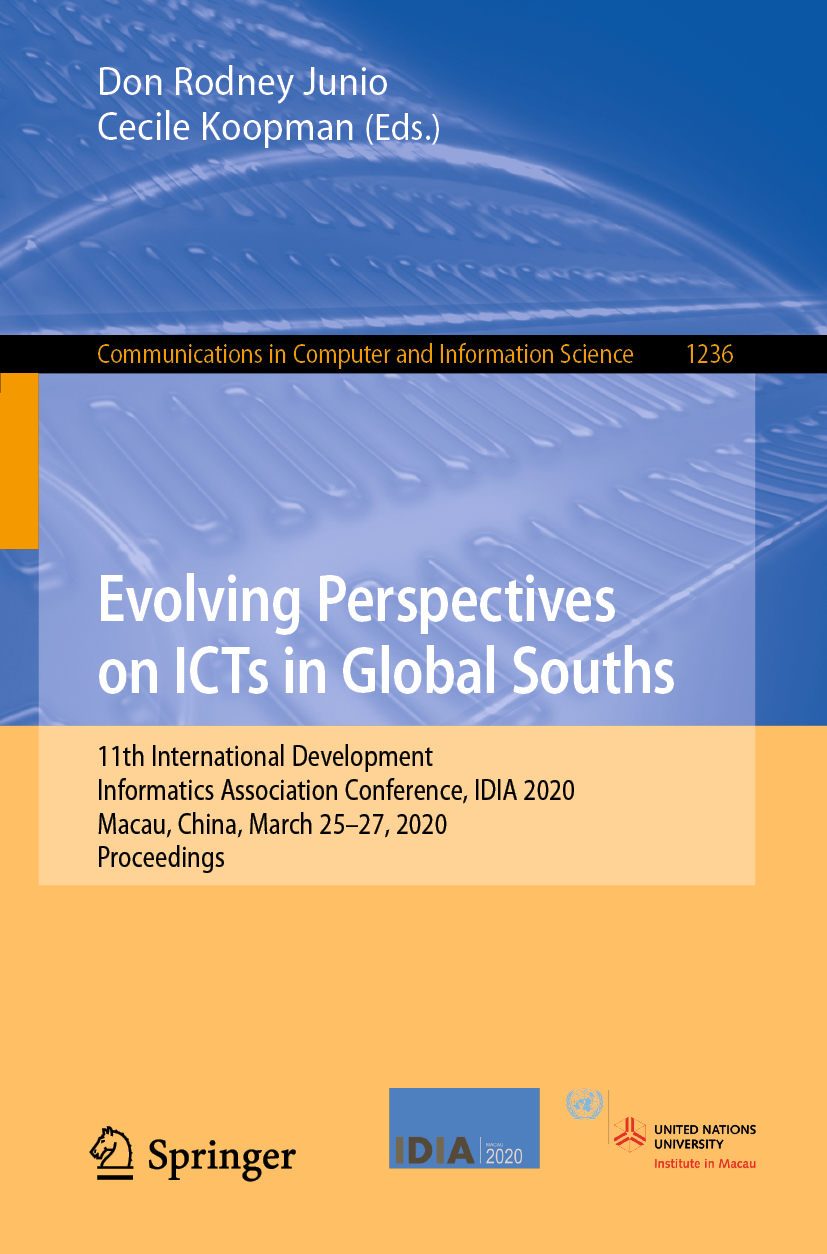
Evolving Perspectives on ICTs in Global Souths This book constitutes the refereed proceedings of the 11th International Development Informatics Association Conference, IDIA 2020, held in Macau, China, in March 2020.* The 14 revised full papers presented were carefully reviewed and selected from 43 submissions. The papers are organized in topical sections on ICT4D: taking stock; harnessing frontier technologies for sustainable development; ICT4D discourse, methodologies, and theoretical reflections; the evolving Global Souths. *The conference was held virtually due to the COVID-19 pandemic. EDUCATION,Computers & Technology
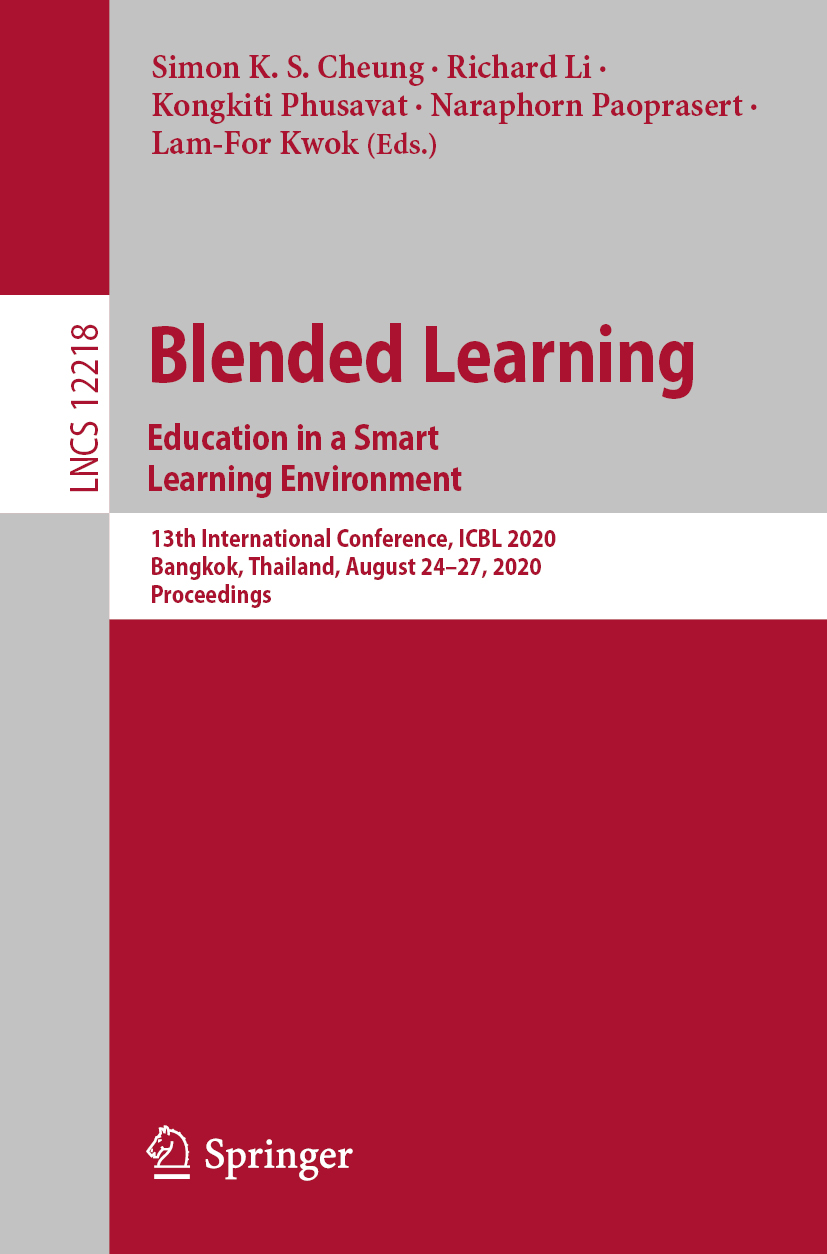
Blended Learning. Education in a Smart Learning Environment This book constitutes the refereed proceedings of the 13th International Conference on Blended Learning, ICBL 2020, held in Bangkok, in August 2020. The 33 papers presented were carefully reviewed and selected from 70 submissions. The conference theme of ICBL 2020 is Blended Learning : Education in a Smart Learning Environment. The papers are organized in topical sections named: Blended Learning, Hybrid Learning, Online Learning, Enriched and Smart Learning, Learning Management System and Content and Instructional Design. EDUCATION,Computers & Technology
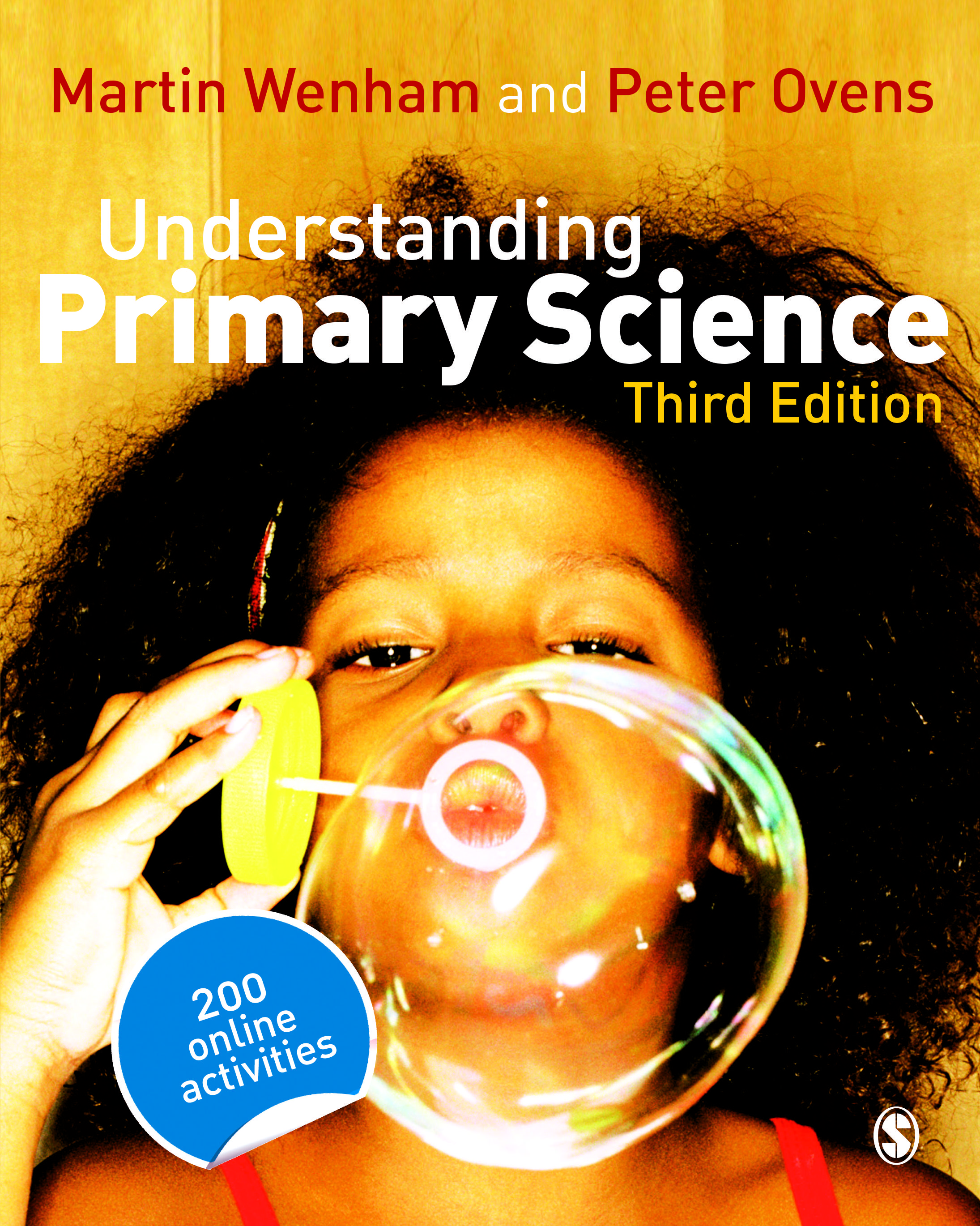
Understanding Primary Science Now in its 3rd edition, this book provides a prime resource for for enabling the effective teaching of science at primary level. It now also includes a CD-rom of 200 science investigations for use with young learners of science, to help trainee teachers explore the practical application of the topics covered in the book. EDUCATION,Teaching Methods & Materials,Science & Technology
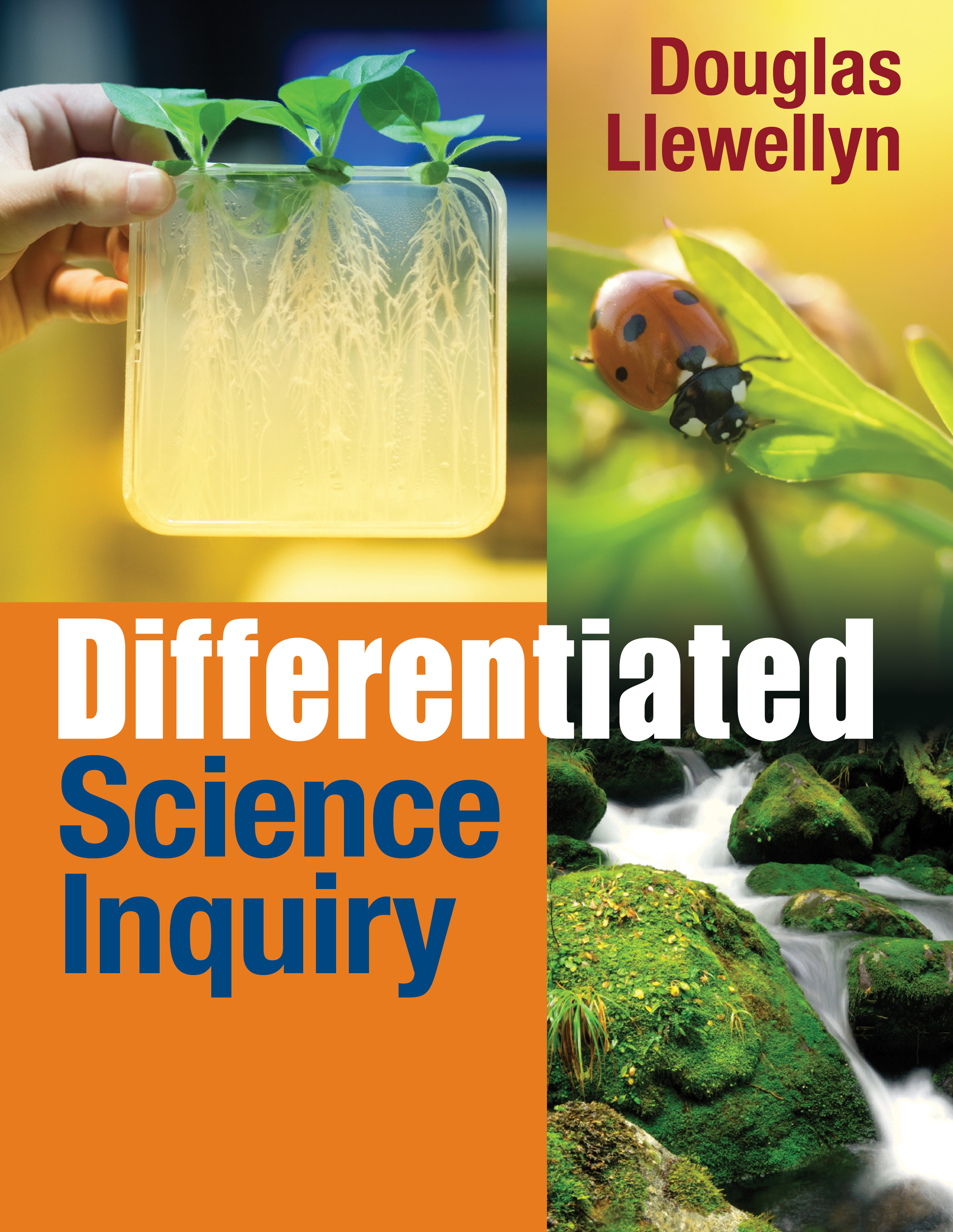
Differentiated Science Inquiry Ignite science learning with differentiated instruction One type of science instruction does not fit all. Best-selling author Douglas Llewellyn gives teachers standards-based strategies for differentiating science education to more effectively meet the needs of all students. This book takes the concept of inquiry-based science instruction to a deeper level, includes a compelling case study, and demonstrates: Methods for determining when and how to provide students with more choices, thereby increasing their ownership and motivation Ways to implement differentiated science inquiry in the main areas of science instruction Strategies for successfully managing the classroom EDUCATION,Teaching Methods & Materials,Science & Technology
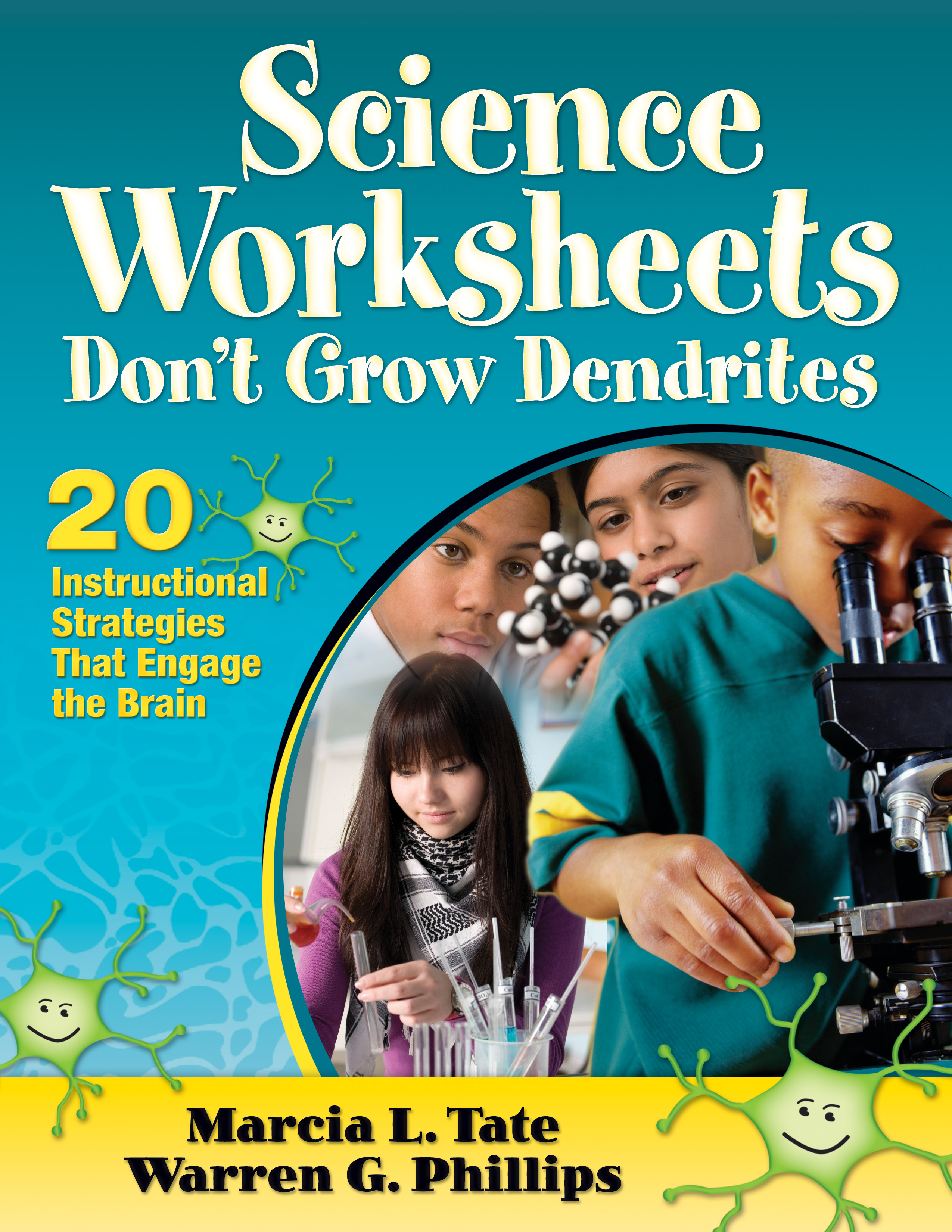
Science Worksheets Don't Grow Dendrites A brain-friendly guide for motivating students to live, eat, and breathe science! The authors outline 20 proven brain-compatible strategies, rationales from experts to support their effectiveness, and more than 250 activities for incorporating them. Teachers will find concrete ways to engage students in science with visual, auditory, kinesthetic, and tactile experiences that maximize retention, including: Music, rhythm, rhyme, and rap Storytelling and humor Graphic organizers, semantic maps, and word webs Manipulatives, experiments, labs, and models Internet projects EDUCATION,Teaching Methods & Materials,Science & Technology
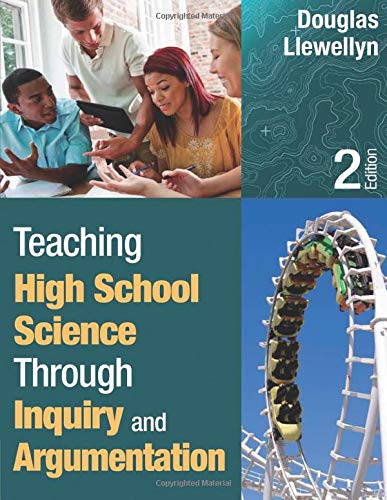
Teaching High School Science Through Inquiry and Argumentation Proven ways to teach next generation science! To ensure our students achieve scientific literacy, we need to know what works in science teaching. One thing we know for certain: inquiry and argumentation are key. This groundbreaking book for Grades 9–12 addresses the new direction of science standards by emphasizing both inquiry-based and argument-based instruction. Filled with case studies and vignettes, this edition features: Exceptional coverage of scientific argumentation Enhanced chapters on assessment and classroom management Questioning techniques that promote the most learning Activities that emphasize making claims and citing evidence New examples of inquiry investigations New approaches to traditional labs EDUCATION,Teaching Methods & Materials,Science & Technology

Inquire Within Your definitive guide to inquiry- and argument-based science—updated for today’s standards! Doug Llewellyn’s two big aims with this new edition of Inquire Within? To help you engage students in activities and explorations that draw on their big questions, then build students’ capacity to defend their claims. Always striking a balance between the “why†and the “how,†new features include how to Teach argumentation, a key requirement of both the Common Core and NGSS Adapt your existing science curricula and benefit from the book’s many lesson plans Improve students’ language learning and communication skills through inquiry-based instruction Develop your own inquiry-based mindset EDUCATION,Teaching Methods & Materials,Science & Technology

Empowering Young Voices for the Planet Because action is the best antidote to climate change! Use this manual to teach your students the science and reality of climate change, while empowering them to take action in their own communities. In this companion to the remarkable Young Voices for the Planet film series, you’ll find: Inspiring true stories of low- or no-cost youth-led projects that address a wide range of environmental issues Practical tips for inspiring students to develop projects relevant to their own communities, including planning, financing, safety, and liability Many creative and replicable ways to reduce CO2 emissions, as well as connections to the NGSS To view the films, visit www.youngvoicesonclimatechange.com. EDUCATION,Teaching Methods & Materials,Science & Technology
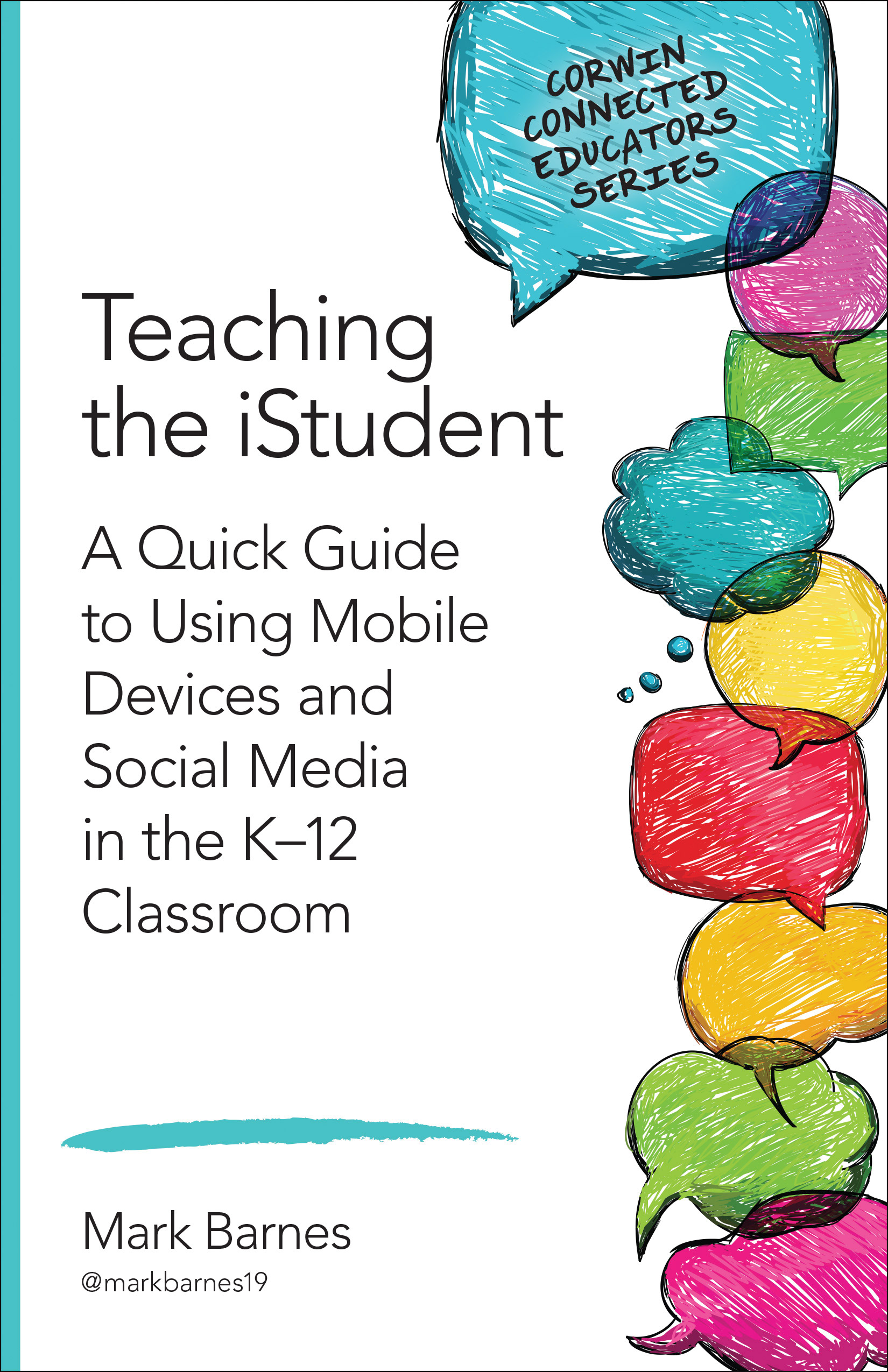
Teaching the iStudent Meet digital natives on their own turf! Our students are already accustomed to constantly-evolving mobile technology and they crave more than what plain paper and pencil can provide. Veteran teacher, renowned author, and tech expert Mark Barnes shows educators how to use mobile devices and social media to create a win-win for teaching and learning. This inspiring resource describes how to: Mentor students in responsible use of technology Build students’ aptitudes for critical thought and content curation Encourage collaboration beyond the classroom walls Easily learn and introduce new technology Including real-life teaching examples and exciting K-12 lesson ideas, along with a teacher-friendly technology glossary. EDUCATION,Teaching Methods & Materials,Science & Technology
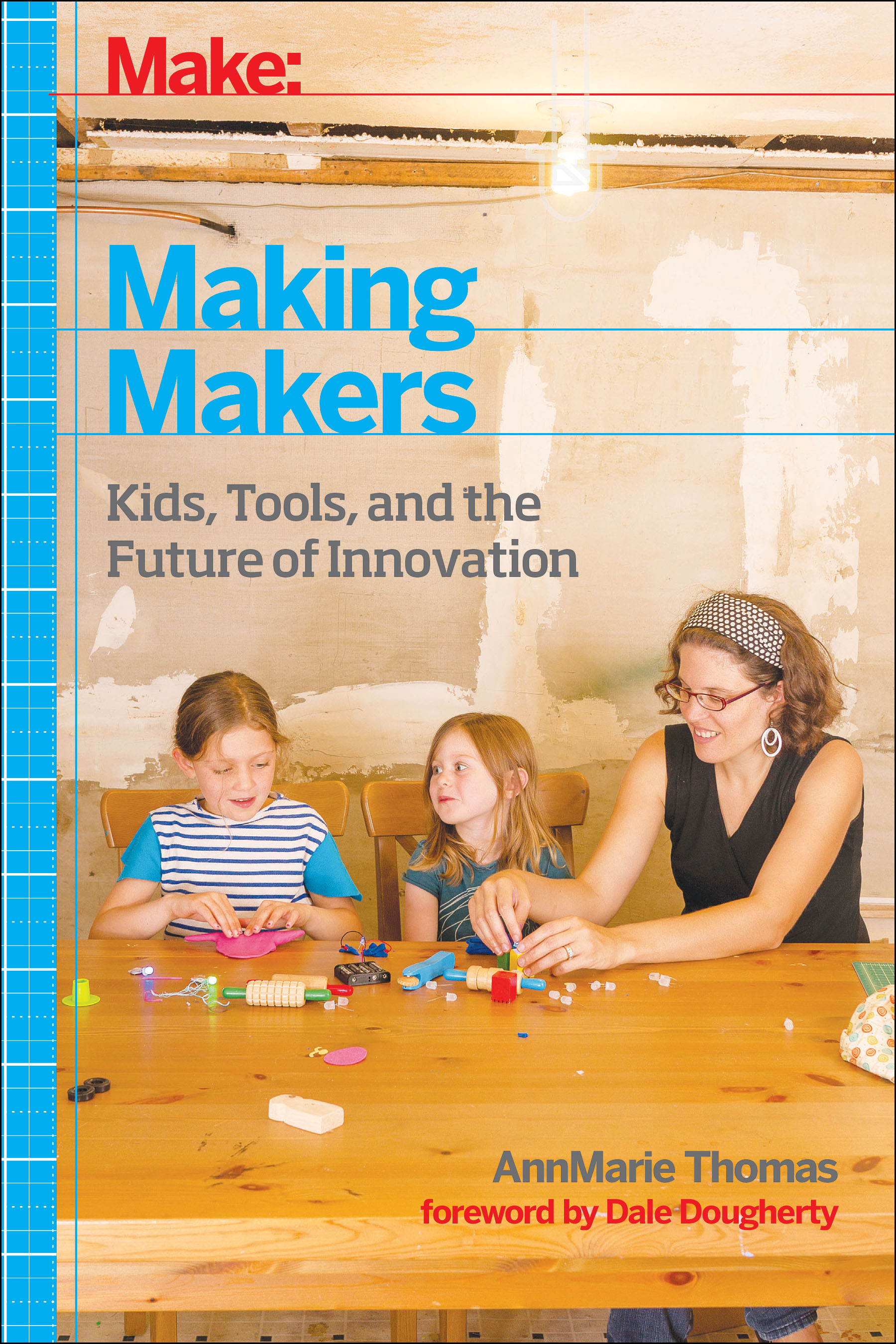
Making Makers This is a book for parents and other educators—both formal and informal, who are curious about the intersections of learning and making. Through stories, research, and data, it builds the case for why it is crucial to encourage today’s youth to be makers—to see the world as something they are actively helping to create. For those who are new to the Maker Movement, some history and introduction is given as well as practical advice for getting kids started in making. For those who are already familiar with the Maker Movement, this book provides biographical information about many of the “big names†and unsung heroes of the Maker Movement while also highlighting many of the attributes that make this a movement that so many people are passionate about. EDUCATION,Teaching Methods & Materials,Science & Technology
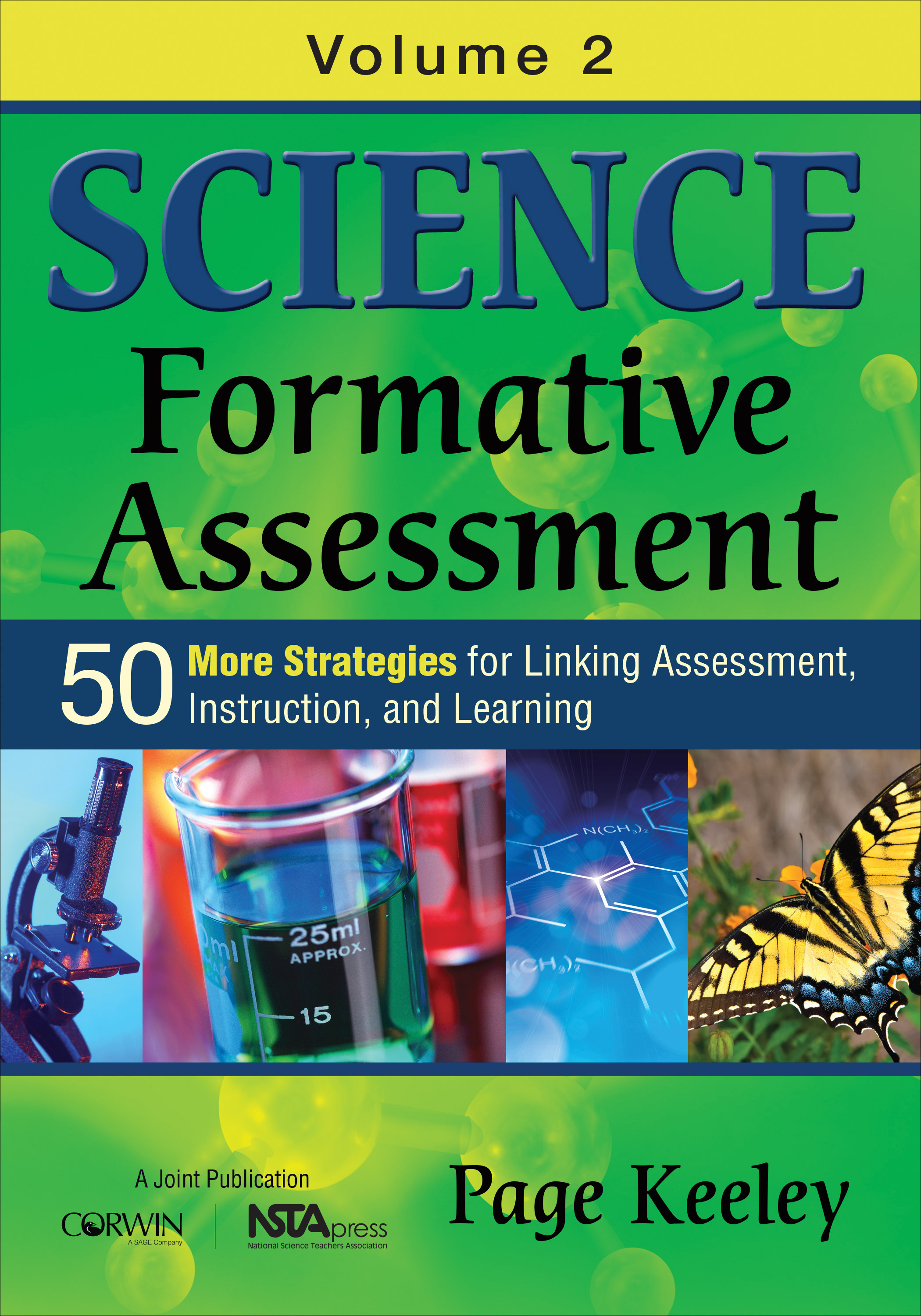
Science Formative Assessment, Volume 2 Deepen scientific understanding with formative assessment! Only by really knowing what your students are thinking can you design learning opportunities that deepen content mastery and meet their individual needs. In this highly engaging resource, internationally respected expert Page Keeley shares 50 new techniques to pinpoint student understanding before, during, and after instruction. In addition to promoting best practices in the classroom, the techniques shared here support learning and link instruction to the Next Generation Science Standards. These flexible assessments can be used with any science curriculum, along with: Practical strategies for use throughout the instruction cycle Considerations for implementation and suggestions for modification An explanation of how each technique promotes learning EDUCATION,Teaching Methods & Materials,Science & Technology

Reading and Writing in Science Engage your students in scientific thinking across disciplines! Did you know that scientists spend more than half of their time reading and writing? Students who are science literate can analyze, present, and defend data – both orally and in writing. The updated edition of this bestseller offers strategies to link the new science standards with literacy expectations, and specific ideas you can put to work right away. Features include: A discussion of how to use science to develop essential 21st century skills Instructional routines that help students become better writers Useful strategies for using complex scientific texts in the classroom Tools to monitor student progress through formative assessment Tips for high-stakes test preparation EDUCATION,Teaching Methods & Materials,Science & Technology
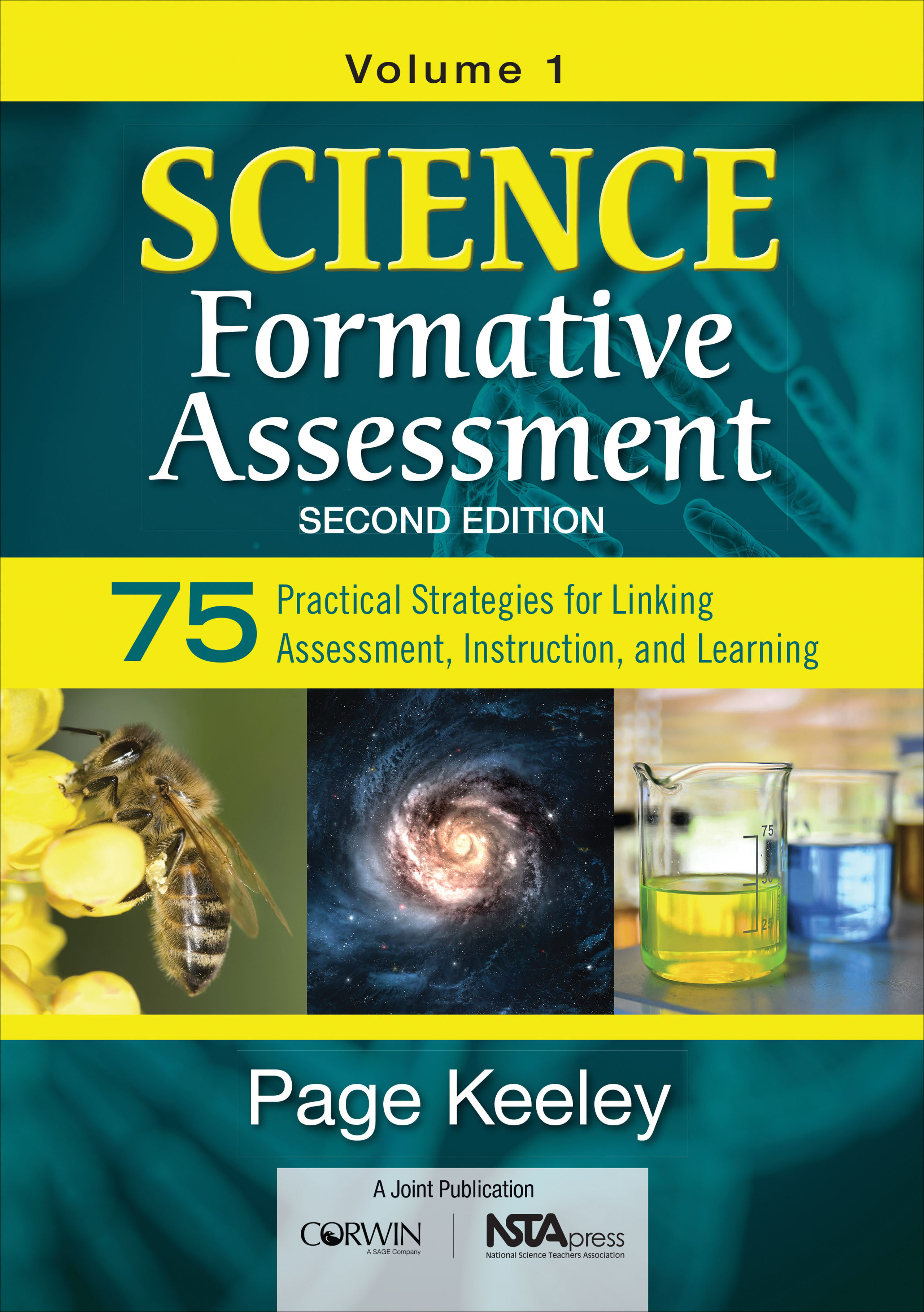
Science Formative Assessment, Volume 1 Formative assessment informs the design of learning opportunities that take students from their existing ideas of science to the scientific ideas and practices that support conceptual understanding. Science Formative Assessment shows K-12 educators how to weave formative assessment into daily instruction. Discover 75 assessment techniques linked to the Next Generation Science Standards and give classroom practices a boost with: Descriptions of how each technique promotes learning Charts linking core concepts at each grade level to scientific practices Implementation guidance, such as required materials and student grouping Modifications for different learning styles Ideas for adapting techniques to other content areas EDUCATION,Teaching Methods & Materials,Science & Technology

El Sistema solar Viaja a los cuatro planetas internos de nuestro sistema solar con este atractivo recurso. Profundiza en los planetas Mercurio, Venus, la Tierra y Marte. EDUCATION,Teaching Methods & Materials,Science & Technology
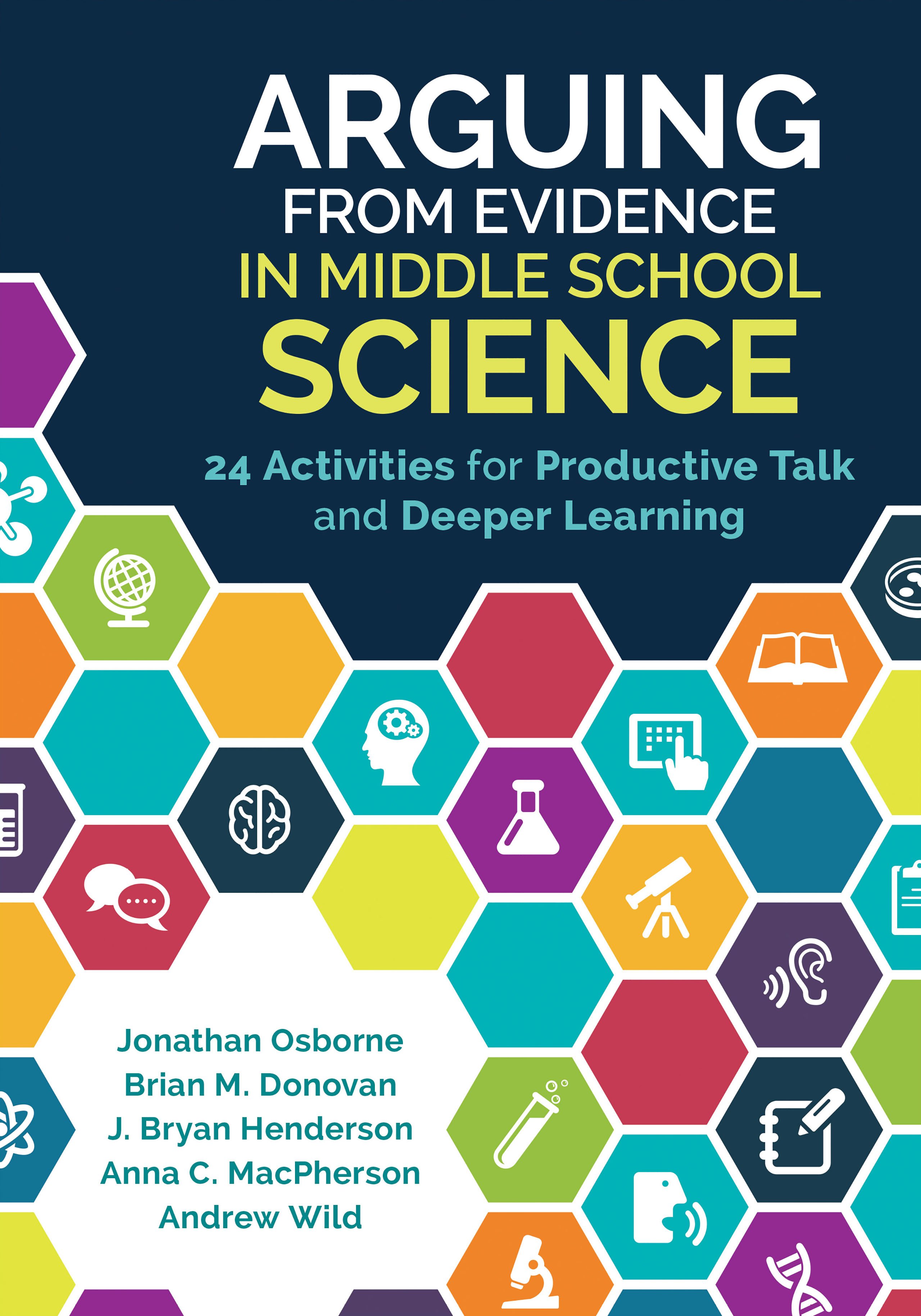
Arguing From Evidence in Middle School Science Teaching your students to think like scientists starts here! Use this straightforward, easy-to-follow guide to give your students the scientific practice of critical thinking today's science standards require. Ready-to-implement strategies and activities help you effortlessly engage students in arguments about competing data sets, opposing scientific ideas, applying evidence to support specific claims, and more. Use these 24 activities drawn from the physical sciences, life sciences, and earth and space sciences to: Engage students in 8 NGSS science and engineering practices Establish rich, productive classroom discourse Extend and employ argumentation and modeling strategies Clarify the difference between argumentation and explanation Stanford University professor, Jonathan Osborne, co-author of The National Resource Council’s A Framework for K-12 Science Education—the basis for the Next Generation Science Standards—brings together a prominent author team that includes Brian M. Donovan (Biological Sciences Curriculum Study), J. Bryan Henderson (Arizona State University, Tempe), Anna C. MacPherson (American Museum of Natural History) and Andrew Wild (Stanford University Student) in this new, accessible book to help you teach your middle school students to think and argue like scientists! EDUCATION,Teaching Methods & Materials,Science & Technology
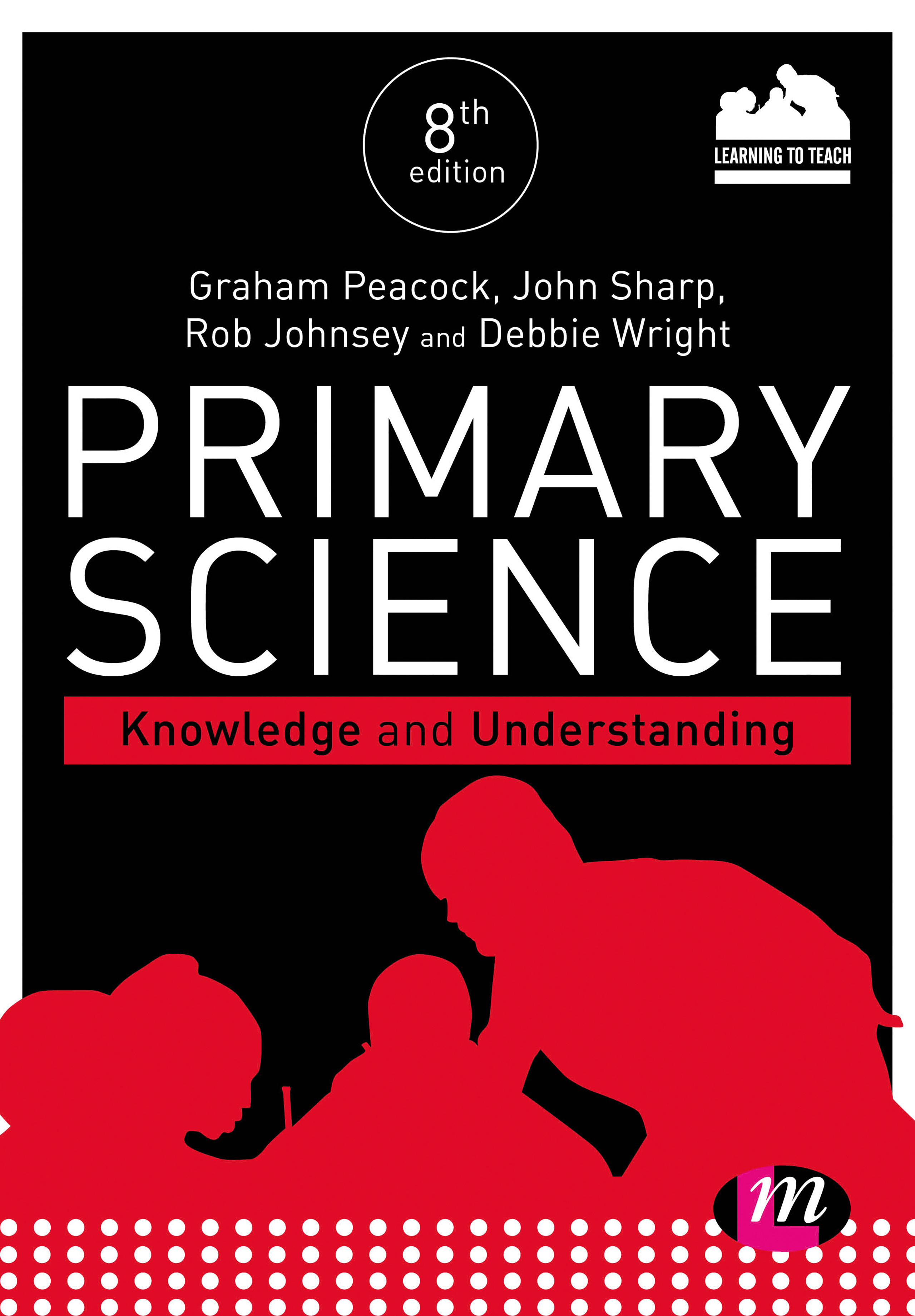
Primary Science Develops secure subject knowledge for primary science with the ability to test understanding through the new online resources. EDUCATION,Teaching Methods & Materials,Science & Technology
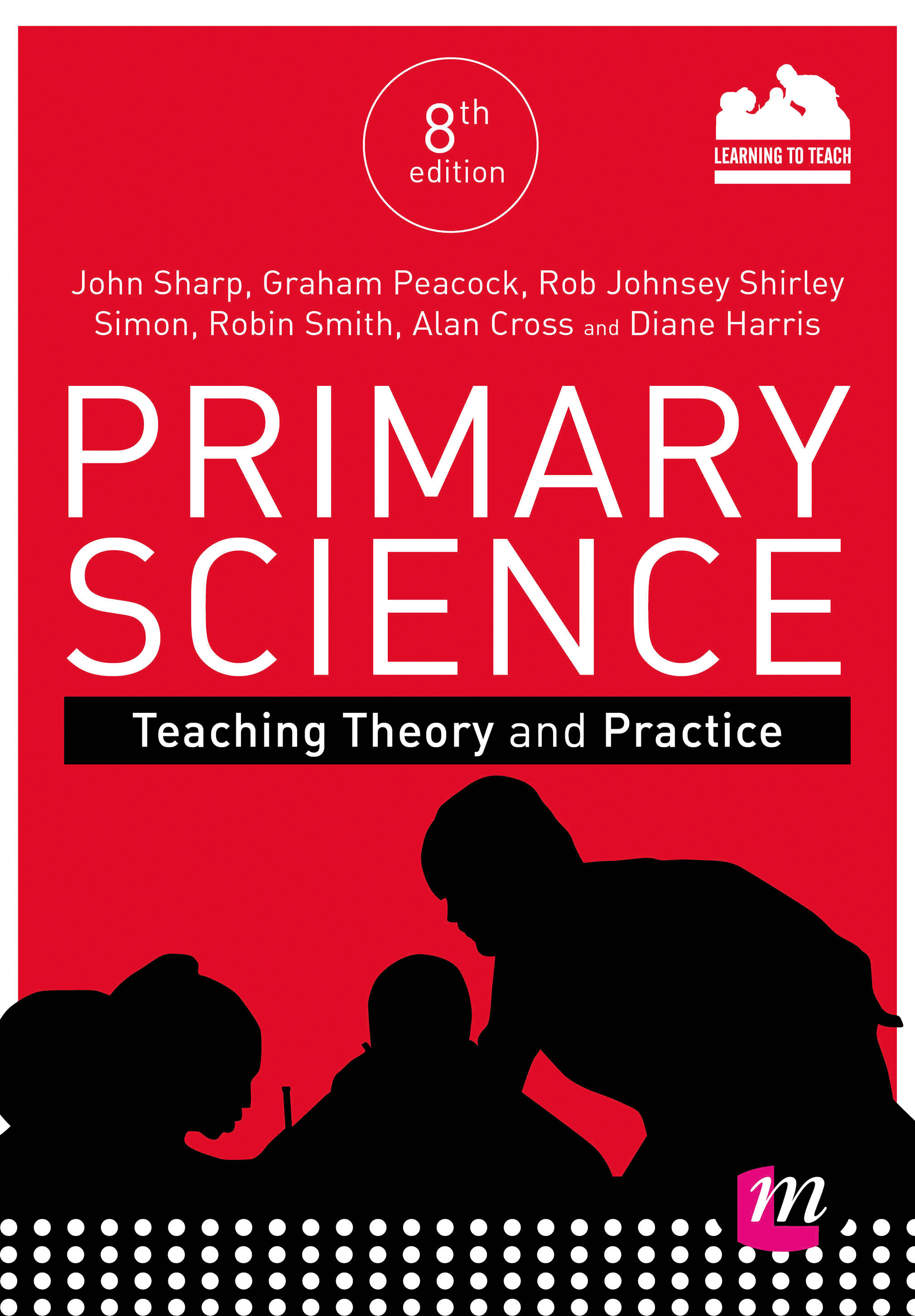
Primary Science Covering all the important skills of teaching primary science, the book takes a focused look at all the practical aspects of teaching. EDUCATION,Teaching Methods & Materials,Science & Technology
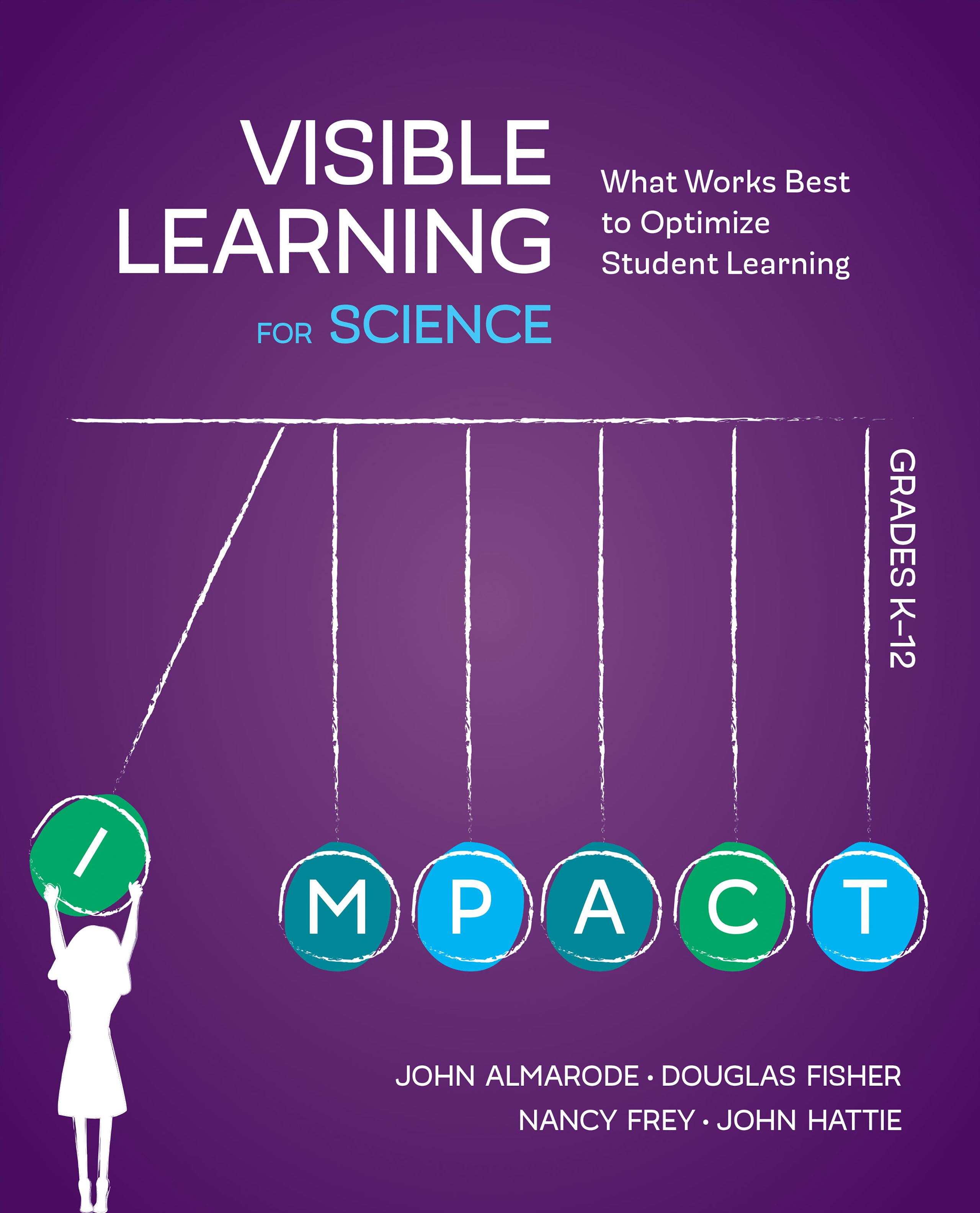
Visible Learning for Science, Grades K-12 Inquiry, laboratory, project-based learning, discovery learning—which science instructional approach is most effective? In Visible Learning for Science, the authors reveal that it’s not which strategy, but when, and plot a vital K-12 framework for choosing the right approach at the right time, depending on where students are within the three phases of learning: surface, deep, and transfer. Synthesizing state-of-the-art science instruction and assessment with John Hattie’s cornerstone educational research, this book empowers you to plan, develop, and implement high-impact instruction at each phase so all students demonstrate more than a year’s worth of learning for every year in school. EDUCATION,Teaching Methods & Materials,Science & Technology
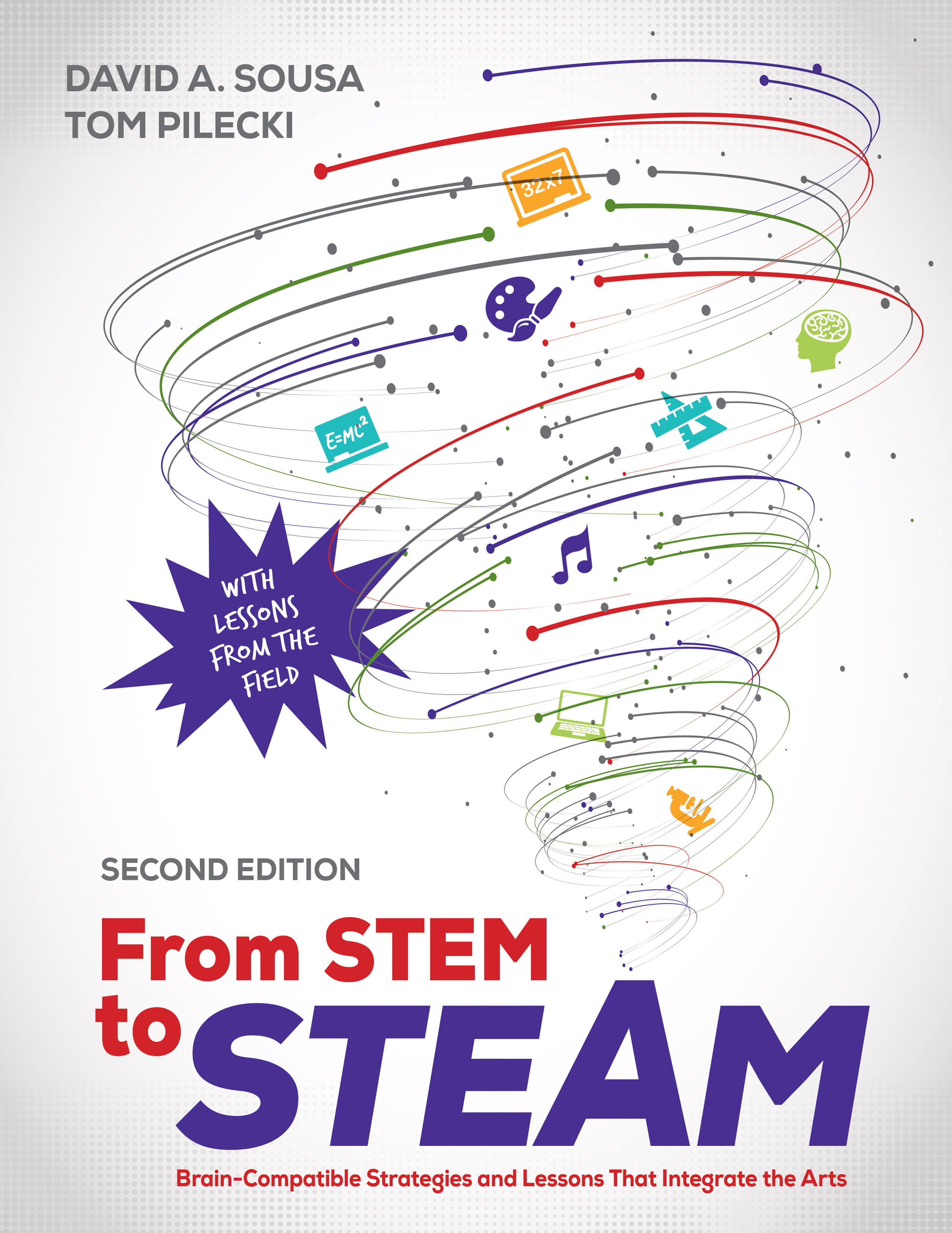
From STEM to STEAM Weave arts activities to STEM instruction, and STEAM ahead to academic success Arts activities enhance the skills critical for achieving STEM success, but how do busy STEM educators integrate the arts into sometimes inflexible STEM curriculum? This new edition of From STEM to STEAM explores emerging research to detail the way. It includes: Classroom-tested strategies, including sample K-12 lessons plans and planning templates. Tools for building a professional development program designed to helps arts and STEM teachers collaborate to create STEAM lessons. Sample planning frameworks for transitioning schools from STEM to STEAM. The main objective of both art and science is discovery. Lead your students to make that connection and STEAM ahead to academic success! EDUCATION,Teaching Methods & Materials,Science & Technology
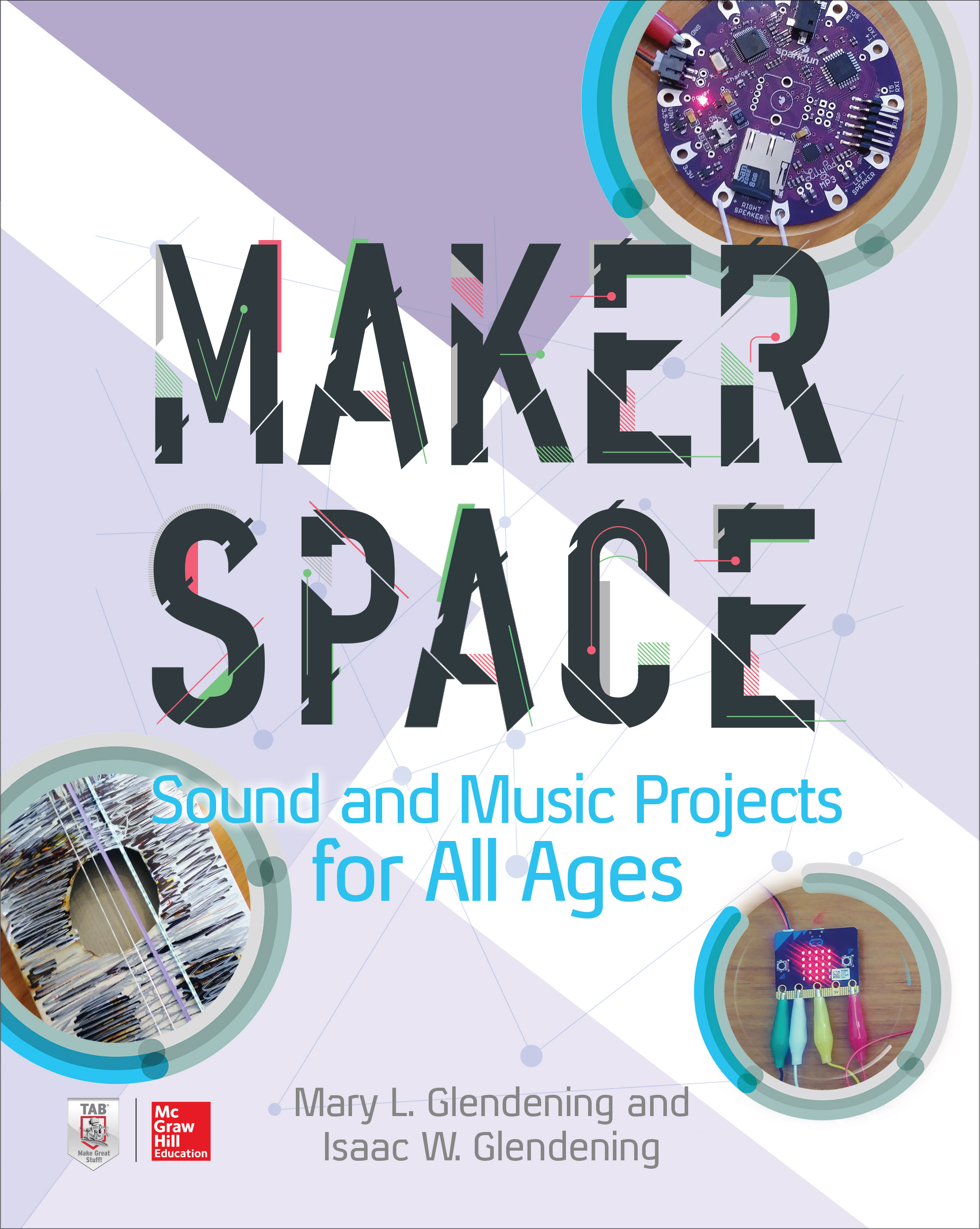
Makerspace Sound and Music Projects for All Ages Publisher's Note: Products purchased from Third Party sellers are not guaranteed by the publisher for quality, authenticity, or access to any online entitlements included with the product. Dream up and build your own sound and music projects—no experience necessary! This easy-to-follow guide shows, step-by-step, how to work with sound generation, recording, editing, and distribution tools. Co-written by a professional audio engineer and a dedicated maker-librarian, Makerspace Sound and Music Projects for All Ages gets you started designing, programming, and assembling fun music and audio creations right away. The book features dozens of DIY projects complete with parts lists, start-to-finish instructions, and full-color illustrations that guarantee success. You will explore the latest inexpensive—or free!—audio software for Windows, Apple, iOS, and Android devices. • Work with free and low-cost music apps and programs • Build unique musical instruments from household items • Choose a microphone that fits your needs and budget • Learn about DAWs and audio recording and editing applications • Start making sound with littleBits, Scratch, and MakeyMakey • Create killer drum beats and melodic sequences using micro:Bit • Record your music and use cutting-edge analog and digital effects • Add sound to your robotics, e-textile, 3-D printing, and wearable gadgets • Upload your audio creations to SoundCloud, YouTube, and iTunes EDUCATION,Teaching Methods & Materials,Science & Technology
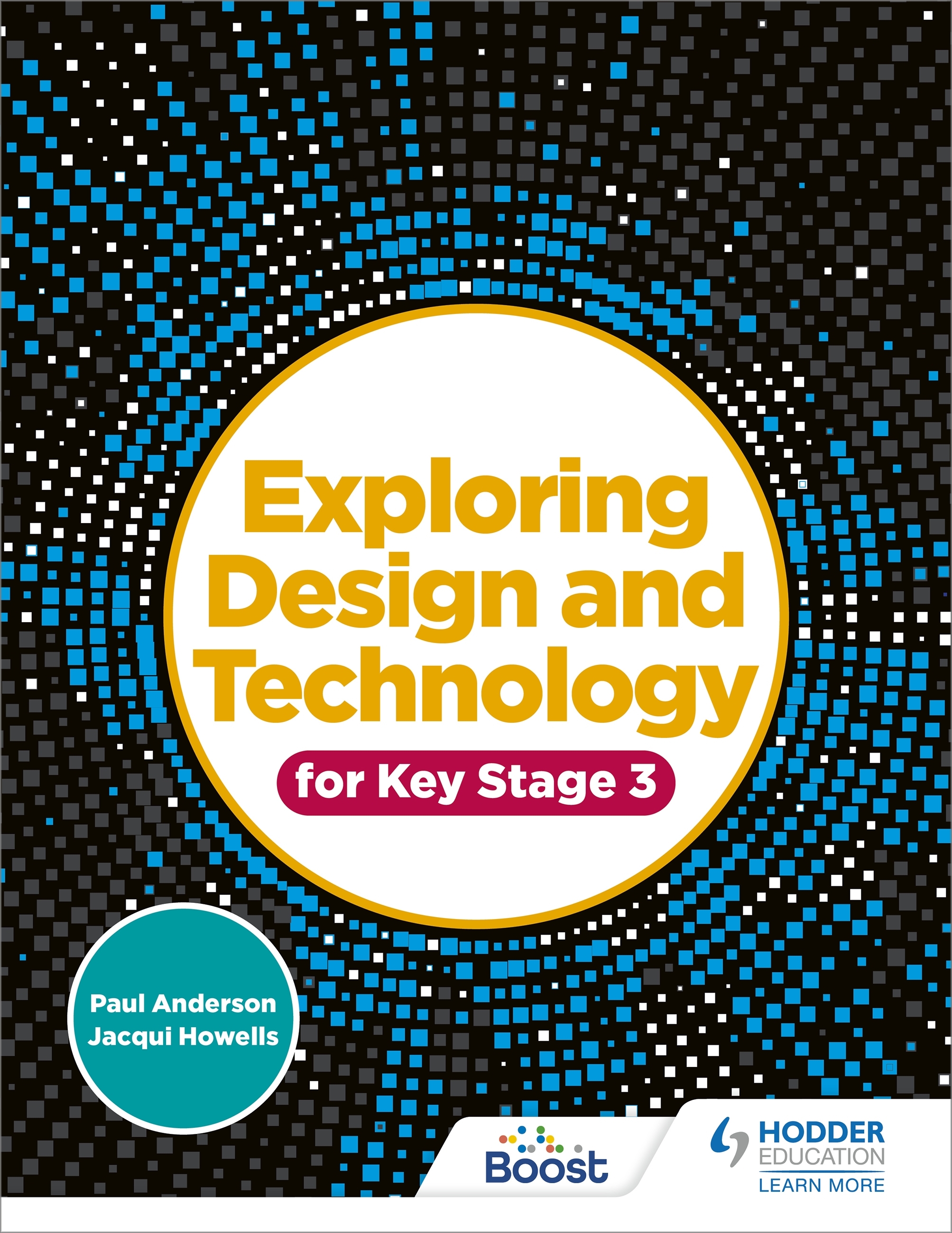
Exploring Design and Technology for Key Stage 3 Develop knowledge, understanding and designing and making skills through Key Stage 3 so students are ready for the new GCSE in Design and Technology, with our brand-new Student Book. With topics directly linked to the new GCSE (9-1) specifications, Exploring Design and Technology will build a solid foundation by boosting your students' understanding of the key concepts, introducing them to important terminology and developing their practical skills through Key Stage 3. · Build understanding through years 7, 8 and 9 with engaging, carefully timed and level-appropriate lessons that draw on the GCSE subject content.· Develop practical skills with a variety of creative designing and making activities that use a wide range of materials, tools, equipment and processes. · Boost knowledge with clear explanations of important terminology and concepts that students will need to apply when identifying design problems, understanding user needs and developing design solutions in a range of contexts.· Encourage subject interest with 'find out more' - research features that broaden understanding of materials and their working properties, new technologies and the wider influences on designing and making.· Monitor and measure student progress with knowledge check questions provided for every topic. EDUCATION,Teaching Methods & Materials,Science & Technology
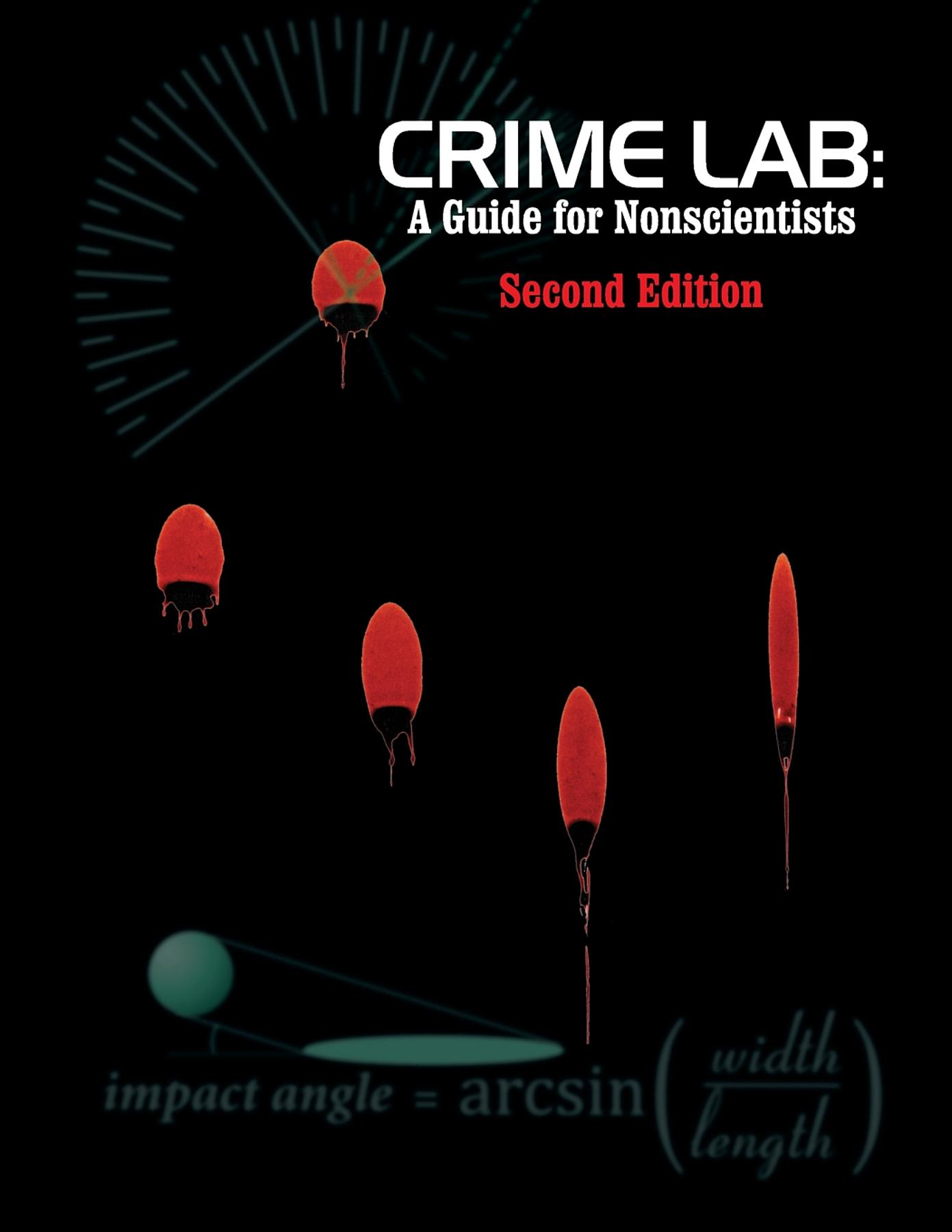
Crime Lab Follow the evidence! Author and forensic scientist, John Houde, takes you on the cook's tour of a modern crime laboratory, explaining each test and procedure along the way. DNA, blood spatter, firearms, drug analysis, microscopy and more are explained in easy to understand terms and illustrated with real-life examples. This edition replaces the popular first edition, published in 1999, and includes 70 new illustrations and photographs. The second edition boosts the level of scientific discussion to that of a high school or first-year college student with a year of biology or chemistry. In addition, it has been re-edited for clarity and updated to reflect current methods of analysis. The 2nd edition also includes three appendices containing materials suitable for an introductory course in forensic science. Discussion questions, practical examples and even a short laboratory exercise are included. In 2000, the first edition of CRIME LAB won both the Benjamin Franklin Award (Publisher's Marketing Association) and the Independent Publisher Award. It was also a New York Public Library "Books for the Teen Age" selection. "This freshly illustrated edition is a bit less elementary in its approach and should be of great interest to agencies who use the crime lab as well as students who are exploring forensic science as a career," says author John Houde. EDUCATION,Teaching Methods & Materials,Science & Technology
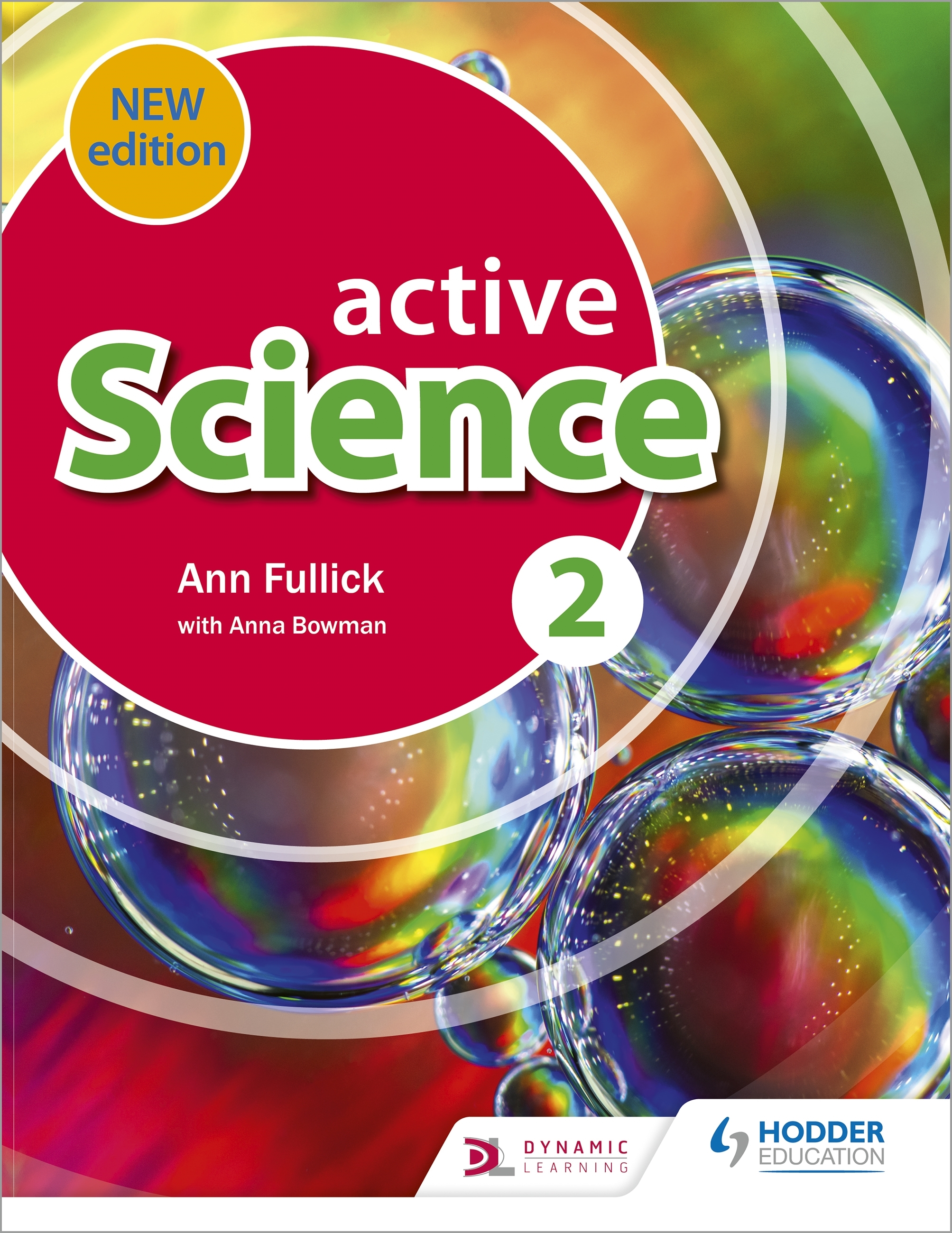
Active Science 2 new edition Build and assess your students' Science knowledge, understanding and skills through better learning techniques, ensuring a solid foundation for further science study. - Confidently meet the requirements of the Trinidad & Tobago, Barbados, Guyana and OECS curricula and CXC's CCSLC syllabus with detailed mapping grids available for free online. - Inspire students to progress with this contemporary take on Science that includes topics such as environmental science and green issues.- Engage students through an active learning approach with hands-on activities to promote learning through practice.- Prepare students for moving up to CSEC® level science with activities developed to bridge the gap between lower secondary and CSEC® level. EDUCATION,Teaching Methods & Materials,Science & Technology
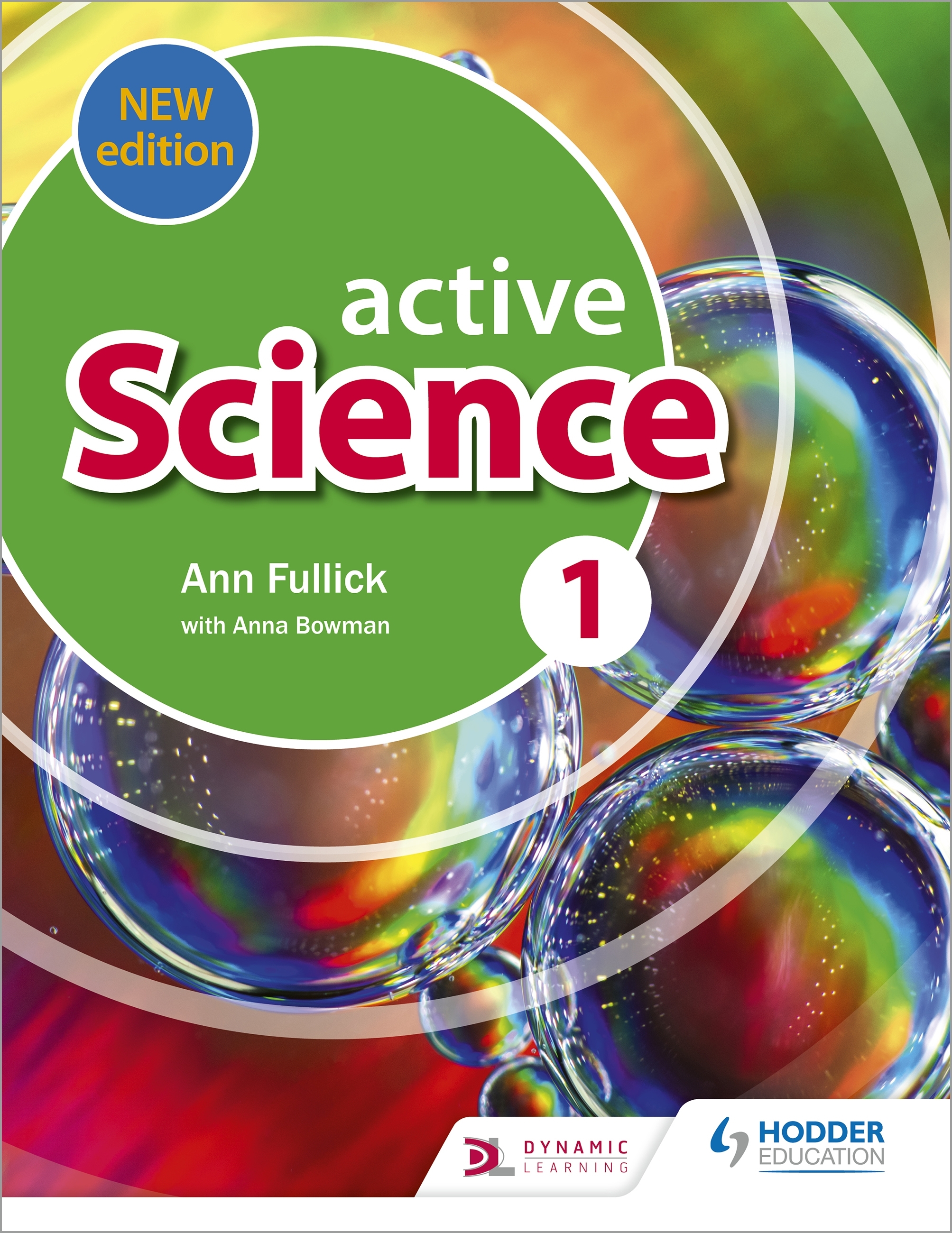
Active Science 1 new edition Build and assess your students' Science knowledge, understanding and skills through better learning techniques, ensuring a solid foundation for further science study. - Confidently meet the requirements of the Trinidad & Tobago, Barbados, Guyana and OECS curricula and CXC's CCSLC syllabus with detailed mapping grids available for free online. - Inspire students to progress with this contemporary take on Science that includes topics such as environmental science and green issues.- Engage students through an active learning approach with hands-on activities to promote learning through practice.- Prepare students for moving up to CSEC® level science with activities developed to bridge the gap between lower secondary and CSEC® level. EDUCATION,Teaching Methods & Materials,Science & Technology
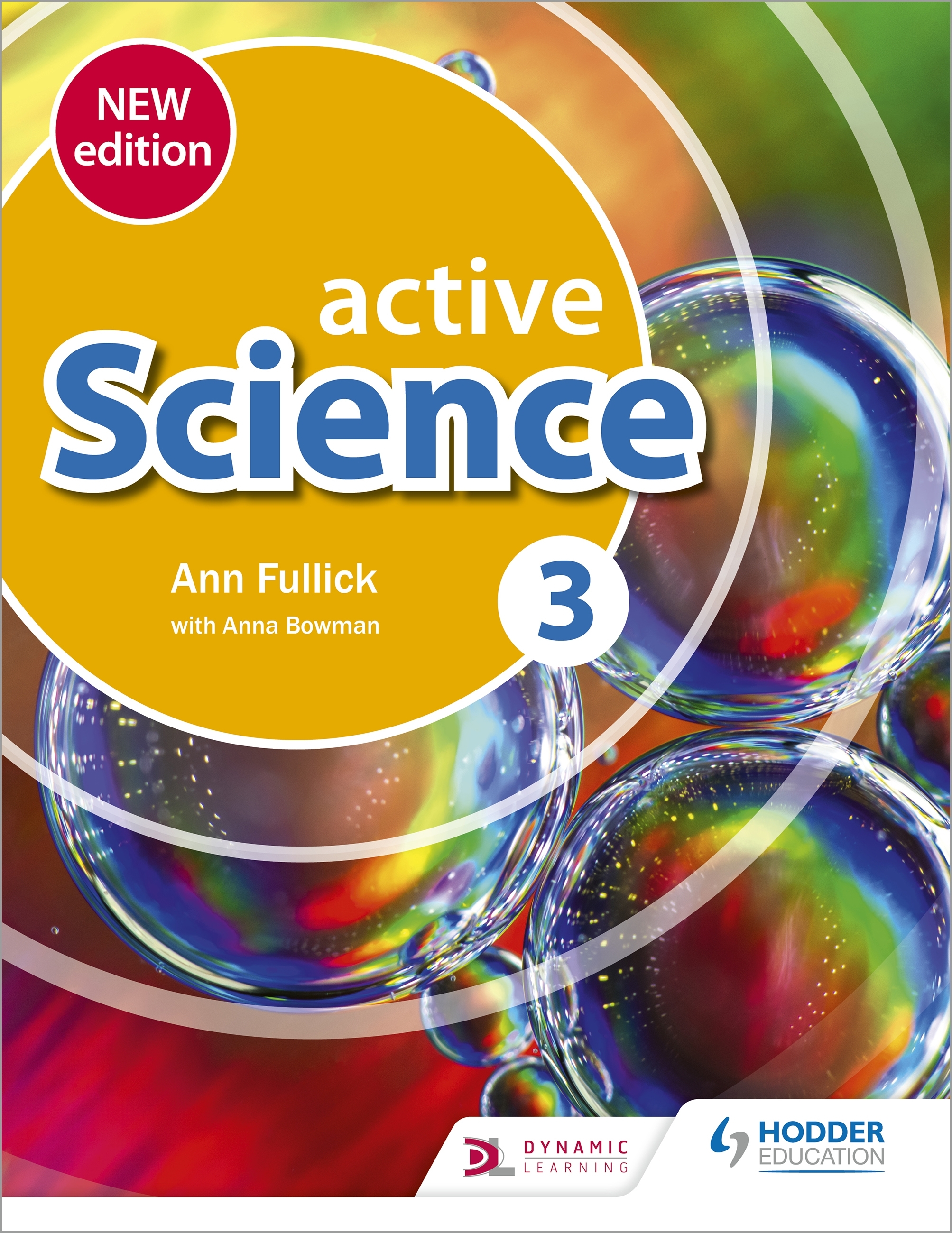
Active Science 3 new edition Build and assess your students' Science knowledge, understanding and skills through better learning techniques, ensuring a solid foundation for further science study. - Confidently meet the requirements of the Trinidad & Tobago, Barbados, Guyana and OECS curricula and CXC's CCSLC syllabus with detailed mapping grids available for free online. - Inspire students to progress with this contemporary take on Science that includes topics such as environmental science and green issues.- Engage students through an active learning approach with hands-on activities to promote learning through practice.- Prepare students for moving up to CSEC® level science with activities developed to bridge the gap between lower secondary and CSEC® level. EDUCATION,Teaching Methods & Materials,Science & Technology
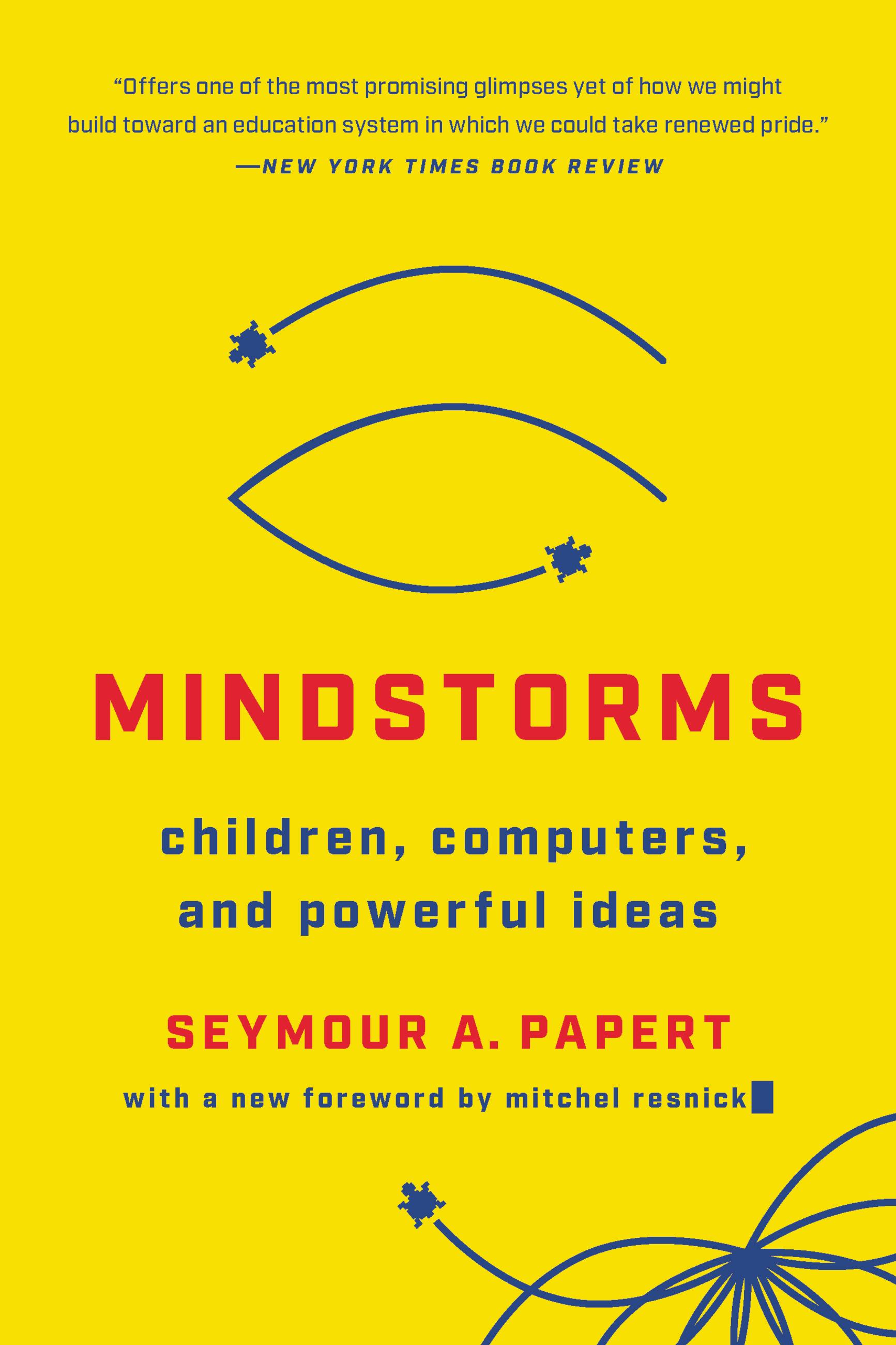
Mindstorms In this revolutionary book, a renowned computer scientist explains the importance of teaching children the basics of computing and how it can prepare them to succeed in the ever-evolving tech world. Computers have completely changed the way we teach children. We have Mindstorms to thank for that. In this book, pioneering computer scientist Seymour Papert uses the invention of LOGO, the first child-friendly programming language, to make the case for the value of teaching children with computers. Papert argues that children are more than capable of mastering computers, and that teaching computational processes like de-bugging in the classroom can change the way we learn everything else. He also shows that schools saturated with technology can actually improve socialization and interaction among students and between students and teachers. Technology changes every day, but the basic ways that computers can help us learn remain. For thousands of teachers and parents who have sought creative ways to help children learn with computers, Mindstorms is their bible. EDUCATION,Teaching Methods & Materials,Science & Technology
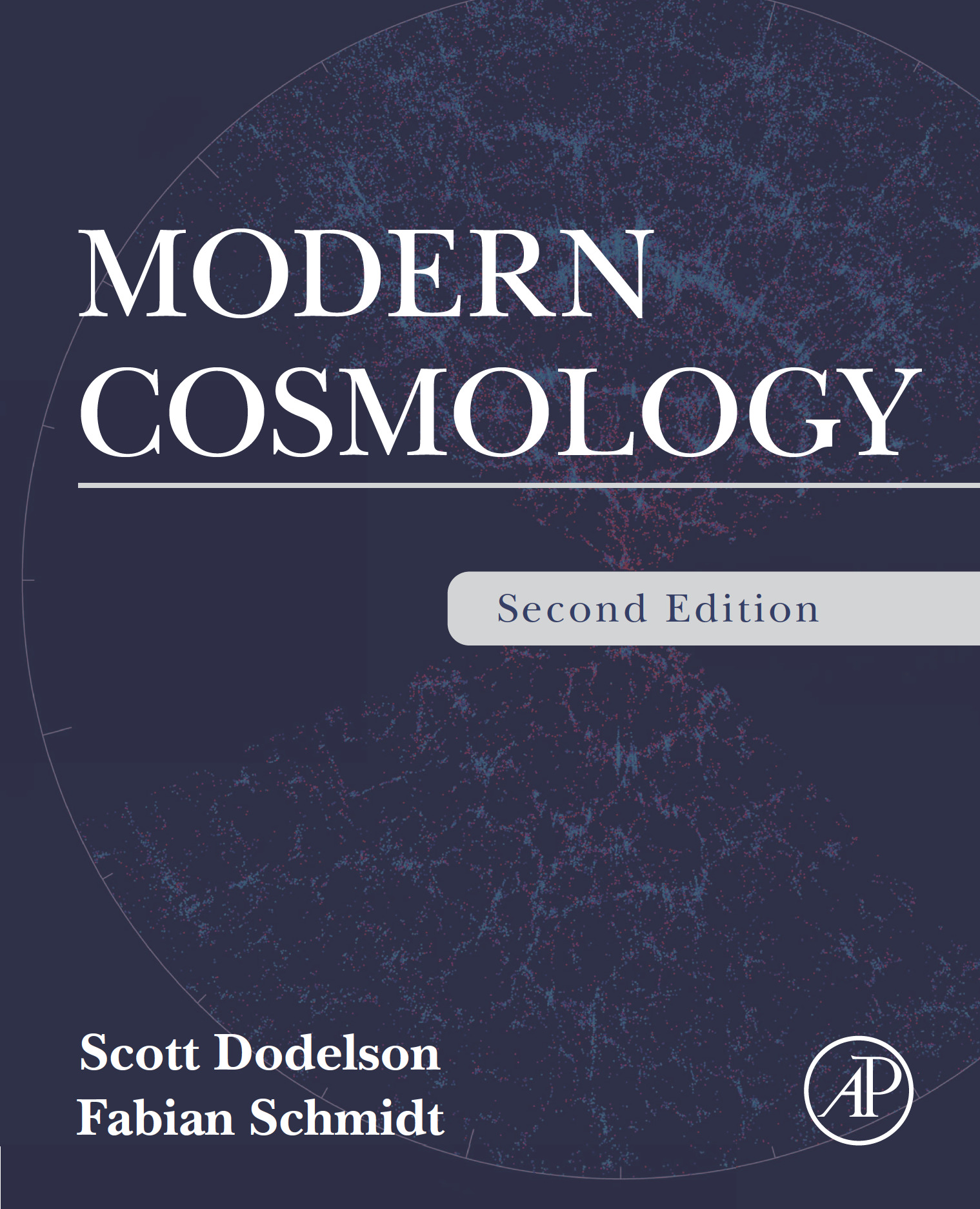
Modern Cosmology Modern Cosmology, Second Edition, provides a detailed introduction to the field of cosmology. Beginning with the smooth, homogeneous universe described by a Friedmann-Lemaître-Robertson-Walker metric, this trusted resource includes careful treatments of dark energy, big bang nucleosynthesis, recombination, and dark matter. The reader is then introduced to perturbations about an FLRW universe: their evolution with the Einstein-Boltzmann equations, their primordial generation by inflation, and their observational consequences: the acoustic peaks in the CMB; the E/B decomposition in polarization; gravitational lensing of the CMB and large-scale structure; and the BAO standard ruler and redshift-space distortions in galaxy clustering. The Second Edition now also covers nonlinear structure formation including perturbation theory and simulations. The book concludes with a substantially updated chapter on data analysis. Modern Cosmology, Second Edition, shows how modern observations are rapidly revolutionizing our picture of the universe, and supplies readers with all the tools needed to work in cosmology. Offers a unique and practical approach for learning how to perform cosmological calculations. New material on theory, simulations, and analysis of nonlinear structure. Substantial updates on new developments in cosmology since the previous edition. EDUCATION,Teaching Methods & Materials,Science & Technology
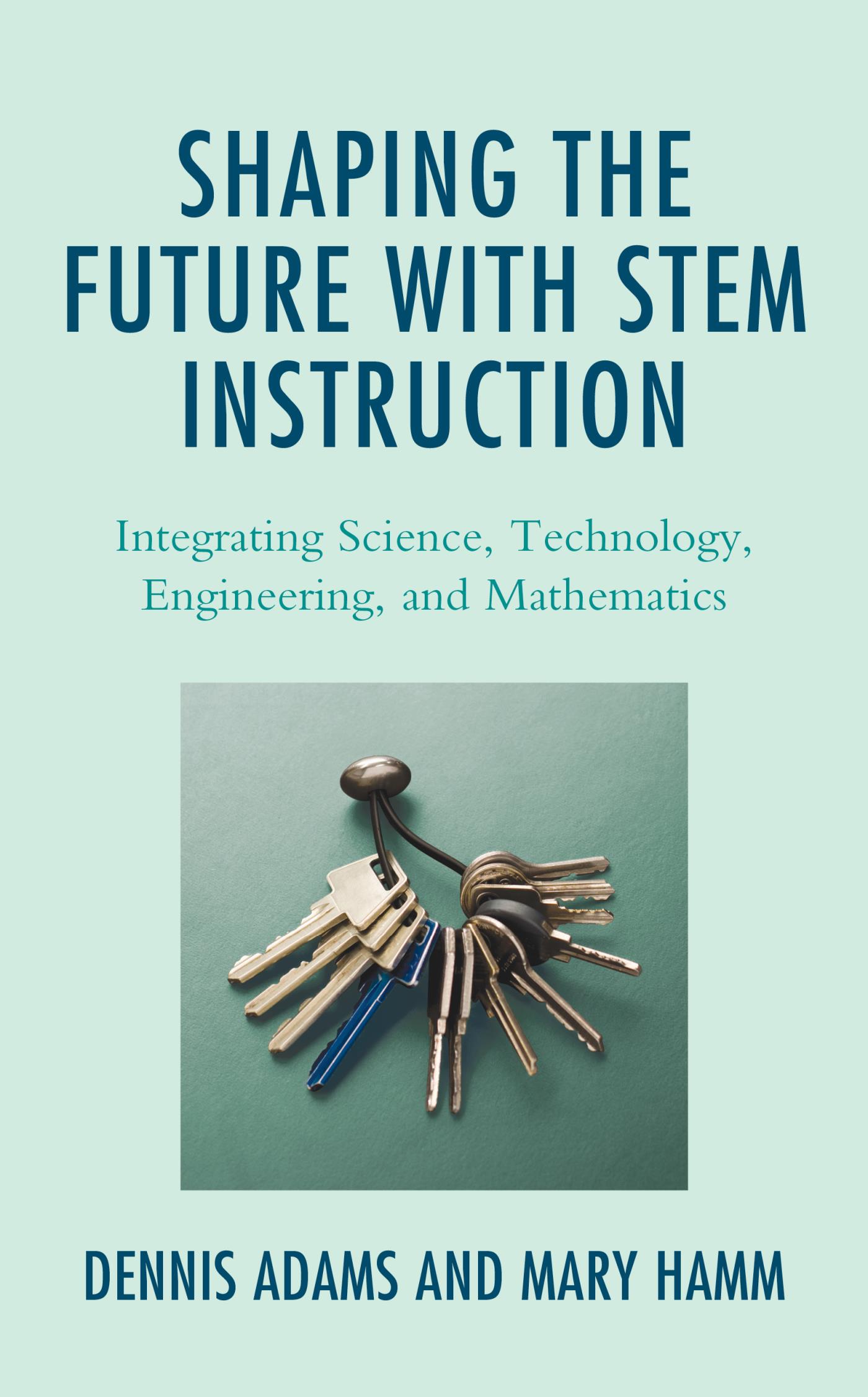
Shaping the Future with STEM Instruction This book recognizes the importance of the STEM subjects and presents ideas for making those subjects more relevant and interesting. EDUCATION,Teaching Methods & Materials,Science & Technology
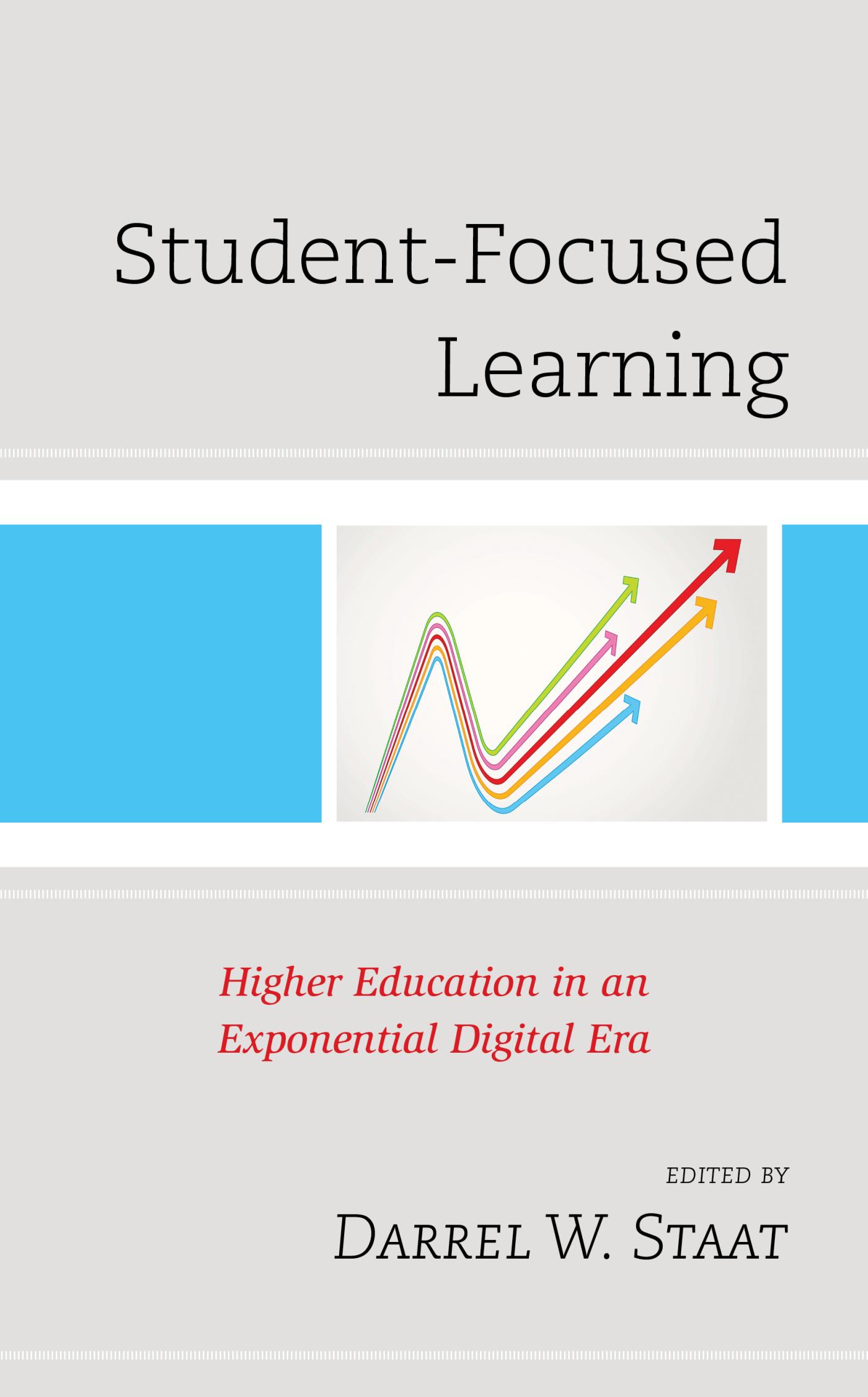
Student-Focused Learning This book gives educators a view into the kinds of methods to use in the twenty-first century. Higher Education will need to make a transition from what is accepted practice today, to what will become successful methods in the near future. The new emphasis places the student in the center of the educational process. EDUCATION,Teaching Methods & Materials,Science & Technology

Virtues as Integral to Science Education By investigating the re-emergence of intellectual, moral, and civic virtues in the practice and teaching of science, this text challenges the increasing professionalization of science; questions the view of scientific knowledge as objective; and highlights the relationship between democracy and science. Written by a range of experts in science, the history of science, education and philosophy, the text establishes the historical relationship between natural philosophy and the Aristotelian virtues before moving to the challenges that the relationship faces, with the emergence, and increasing hegemony, brought about by the professionalization of science. Exploring how virtues relate to citizenship, technology, and politics, the chapters in this work illustrate the ways in which virtues are integral to understanding the values and limitations of science, and its role in informing democratic engagement. The text also demonstrates how the guiding virtues of scientific inquiry can be communicated in the classroom to the benefit of both individuals and wider societies. Scholars in the fields of Philosophy of Science, Ethics and Philosophy of Education, as well as Science Education, will find this book to be highly useful. EDUCATION,Teaching Methods & Materials,Science & Technology
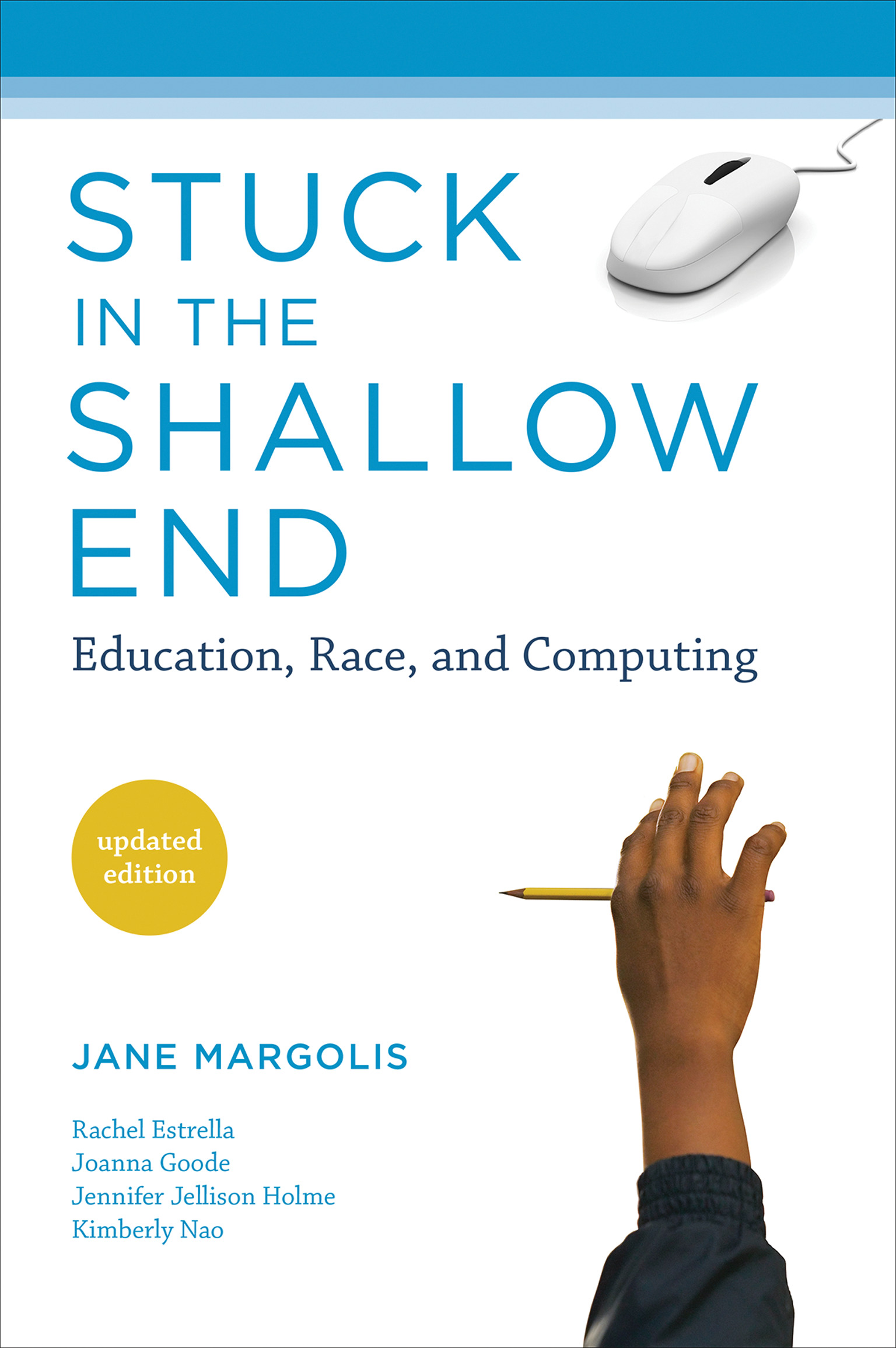
Stuck in the Shallow End An investigation into why so few African American and Latino high school students are studying computer science reveals the dynamics of inequality in American schools. The number of African Americans and Latino/as receiving undergraduate and advanced degrees in computer science is disproportionately low, according to recent surveys. And relatively few African American and Latino/a high school students receive the kind of institutional encouragement, educational opportunities, and preparation needed for them to choose computer science as a field of study and profession. In Stuck in the Shallow End, Jane Margolis looks at the daily experiences of students and teachers in three Los Angeles public high schools: an overcrowded urban high school, a math and science magnet school, and a well-funded school in an affluent neighborhood. She finds an insidious “virtual segregation” that maintains inequality. Two of the three schools studied offer only low-level, how-to (keyboarding, cutting and pasting) introductory computing classes. The third and wealthiest school offers advanced courses, but very few students of color enroll in them. The race gap in computer science, Margolis finds, is one example of the way students of color are denied a wide range of occupational and educational futures. Margolis traces the interplay of school structures (such factors as course offerings and student-to-counselor ratios) and belief systems—including teachers' assumptions about their students and students' assumptions about themselves. Stuck in the Shallow End is a story of how inequality is reproduced in America—and how students and teachers, given the necessary tools, can change the system. EDUCATION,Teaching Methods & Materials,Science & Technology

Stuck in the Shallow End, updated edition Why so few African American and Latino/a students study computer science: updated edition of a book that reveals the dynamics of inequality in American schools. The number of African Americans and Latino/as receiving undergraduate and advanced degrees in computer science is disproportionately low. And relatively few African American and Latino/a high school students receive the kind of institutional encouragement, educational opportunities, and preparation needed for them to choose computer science as a field of study and profession. In Stuck in the Shallow End, Jane Margolis and coauthors look at the daily experiences of students and teachers in three Los Angeles public high schools: an overcrowded urban high school, a math and science magnet school, and a well-funded school in an affluent neighborhood. They find an insidious “virtual segregation” that maintains inequality. The race gap in computer science, Margolis discovers, is one example of the way students of color are denied a wide range of occupational and educational futures. Stuck in the Shallow End is a story of how inequality is reproduced in America—and how students and teachers, given the necessary tools, can change the system. Since the 2008 publication of Stuck in the Shallow End, the book has found an eager audience among teachers, school administrators, and academics. This updated edition offers a new preface detailing the progress in making computer science accessible to all, a new postscript, and discussion questions (coauthored by Jane Margolis and Joanna Goode). EDUCATION,Teaching Methods & Materials,Science & Technology
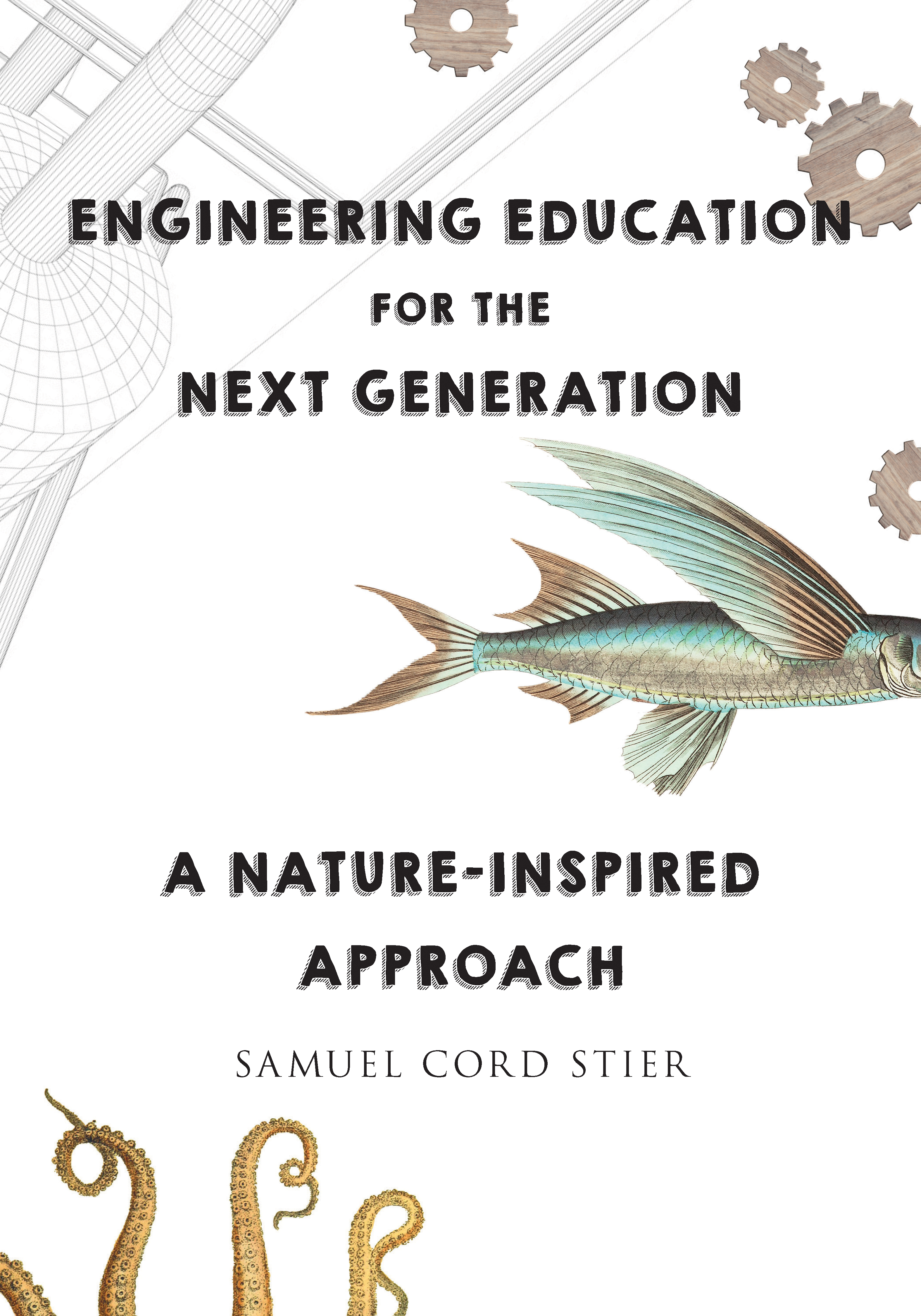
Engineering Education for the Next Generation Guide your students through the fascinating world of engineering, and how to draw inspiration from Nature’s genius to create, make, and innovate a better human-built world. Studded with more than 150 illustrations of natural phenomena and engineering concepts, this fascinating and practical book clearly demonstrates how engineering design is broadly relevant for all students, not just those who may become scientists or engineers. Mr. Stier describes clever, engaging activities for students at every grade level to grasp engineering concepts by exploring the everyday design genius of the natural world around us. Students will love learning about structural engineering while standing on eggs; investigating concepts in sustainable design by manufacturing cement out of car exhaust; and coming to understand how ant behavior has revolutionized the way computer programs, robots, movies, and video games are designed today. You will come away with an understanding of engineering and Nature unlike any you’ve had before, while taking your ability to engage students to a whole new level. Engineering Education for the Next Generation is a wonderful introduction to the topic for any teacher who wants to understand more about engineering design in particular, its relation to the larger subjects of STEM/STEAM, and how to engage students from all backgrounds in a way that meaningfully transforms their outlook on the world and their own creativity in a lifelong way. · Fun to read, comprehensive exploration of cutting-edge approaches to K-12 engineering education · Detailed descriptions and explanations to help teachers create activities and lessons · An emphasis on engaging students with broad and diverse interests and backgrounds · Insights from a leading, award-winning K-12 engineering curriculum that has reached thousands of teachers and students in the U.S. and beyond · Additional support website (www.LearningWithNature.org) providing more background, videos, curricula, slide decks, and other supplemental materials EDUCATION,Teaching Methods & Materials,Science & Technology
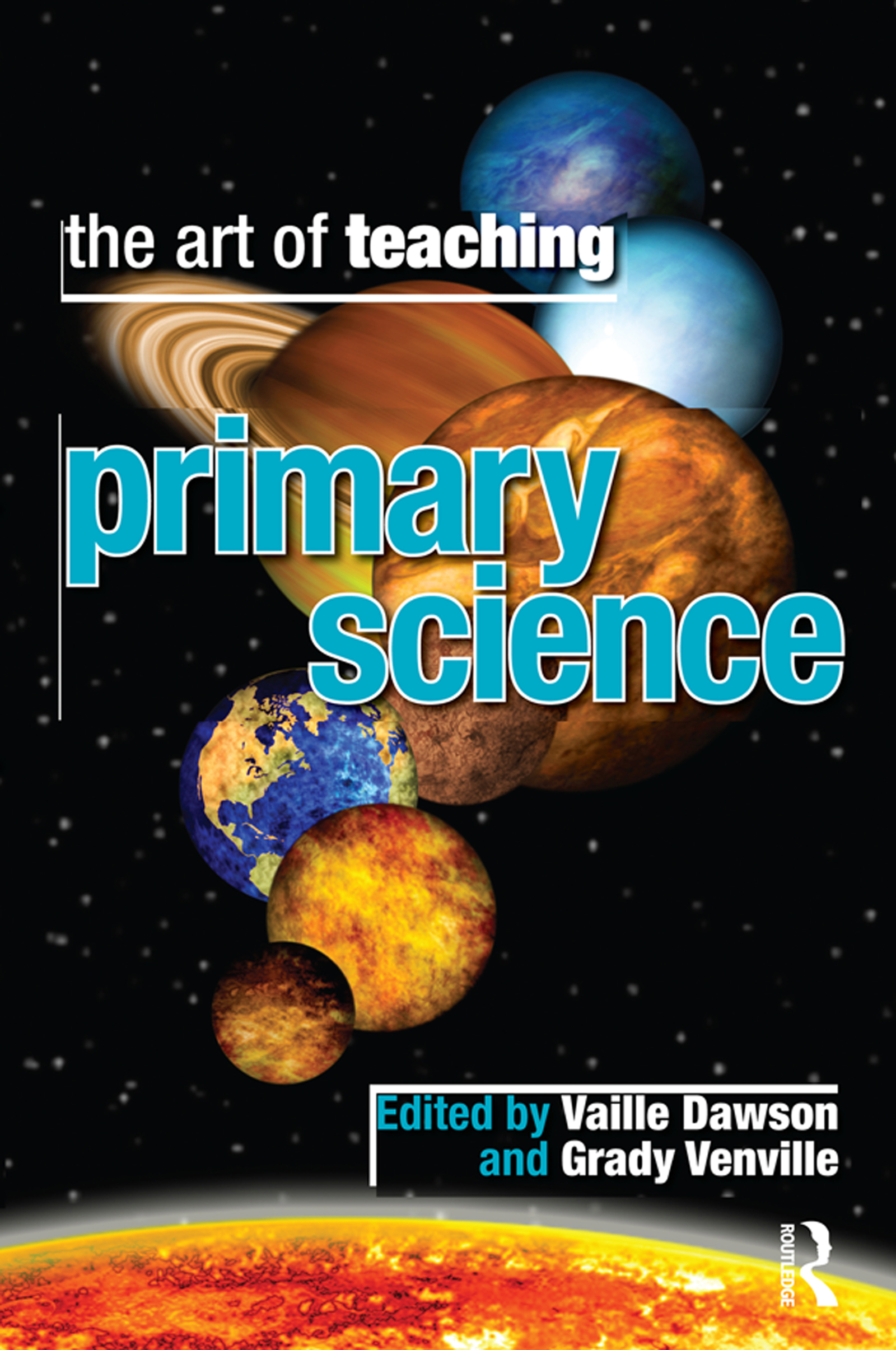
Art of Teaching Primary Science Children have an innate curiosity about the natural world that makes teaching science a rewarding experience. However teaching science is an art that requires a unique combination of knowledge and skills to make the most of students' interest and foster their understanding. With contributions from leading educators, The Art of Teaching Primary Science addresses the fundamental issues in teaching science in primary and early childhood years. Reflecting current research in science education, The Art of Teaching Primary Science covers the following areas: * the theoretical underpinnings of science education and curriculum; * effective science teaching practice planning, teaching strategies, investigations, resources and assessment; * key issues including scientific literacy, integrating science and technology, and activities outside the classroom. The Art of Teaching Primary Science is invaluable for student teachers as a guide to the fundamentals of science education, and as a resource for experienced teachers to review and enhance their professional skills. 'An excellent reference for those teachers of the primary years seeking the best ways to engage their students in good science and scientific investigation, and keen to link these with other learning areas.' Peter Turnbull, President, Australian Science Teachers Association EDUCATION,Teaching Methods & Materials,Science & Technology
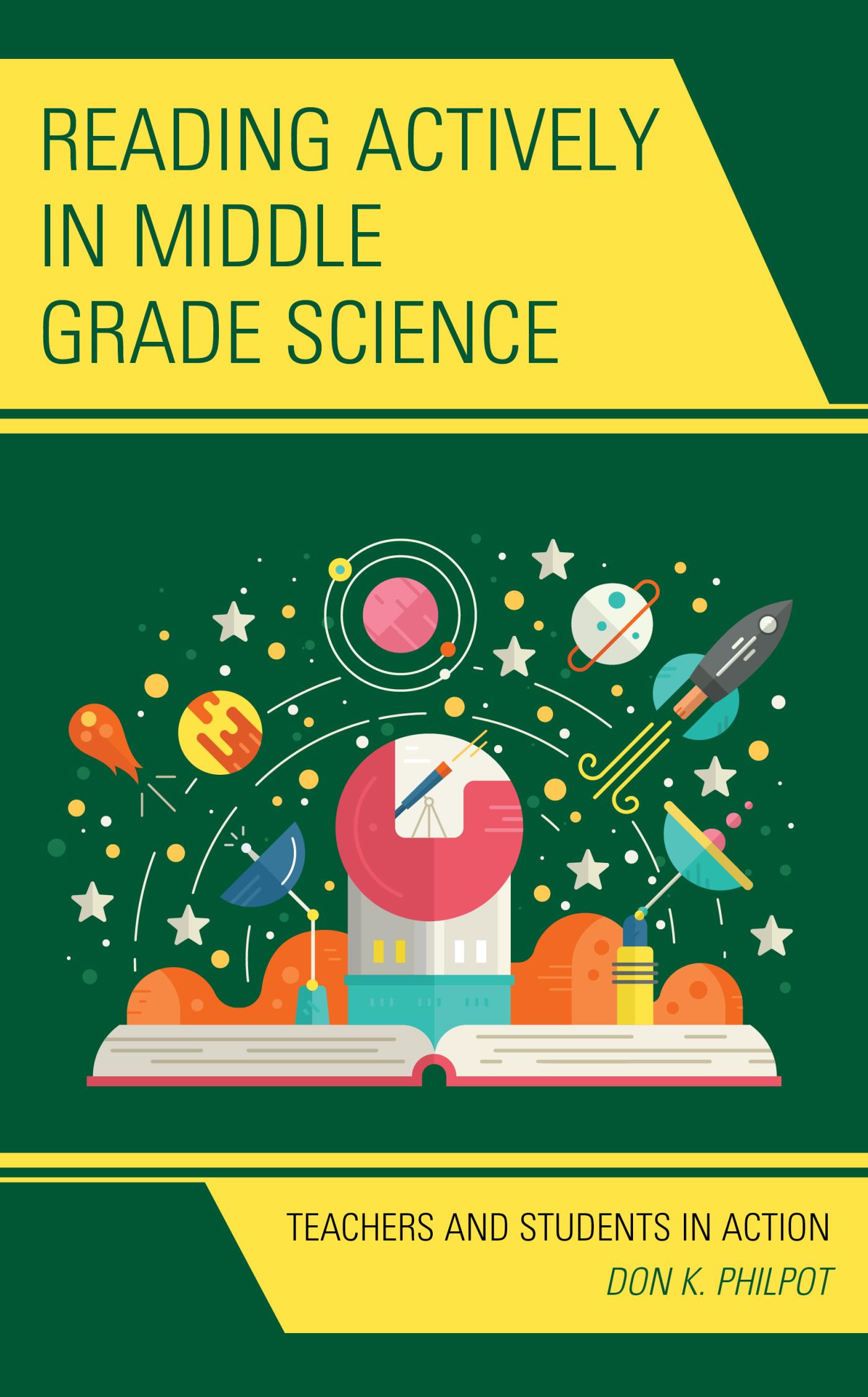
Reading Actively in Middle Grade Science This book focuses on assigned reading in middle grade science courses and the 14 actions proficient readers take before, during, and after reading to comprehend assigned course texts including textbook chapters, book chapters, passages, and articles. EDUCATION,Teaching Methods & Materials,Science & Technology

Midnight on the Moon The #1 bestselling chapter book series of all time celebrates 25 years with new covers and a new, easy-to-use numbering system! Three …two…one…BLAST OFF! The Magic Tree House whisks Jack and Annie off to the moon—and the future. Their mission? To find the last "M" thing that will free Morgan from the spell. Can they do it before the air in their oxygen tank runs out? Will the mysterious moon man help them? And why is Peanut the mouse acting so strange? Did you know that there’s a Magic Tree House book for every kid? Magic Tree House: Adventures with Jack and Annie, perfect for readers who are just beginning chapter books Merlin Missions: More challenging adventures for the experienced reader Super Edition: A longer and more dangerous adventure Fact Trackers: Nonfiction companions to your favorite Magic Tree House adventures Have more fun with Jack and Annie at MagicTreeHouse.com! JUVENILE FICTION,Science & Technology

Addison Addley and the Things That Aren't There Addison has to give a speech at school, but he'd rather be fishing or playing baseball that writing. JUVENILE FICTION,Science & Technology

Astrotwins -- Project Blastoff A team of middle schoolers prepares for blastoff in this adventure from the author of the New York Times bestselling Mousetronaut, based on the childhoods of real-life astronauts Mark Kelly and his twin brother Scott. It’s a long, hot summer and Scott and Mark are in big trouble for taking apart (aka destroying) their dad’s calculator. As a punishment, they’re sent to their grandfather’s house, where there’s no TV and they have to do chores. And Grandpa is less tolerant of the twins’ constant bickering. “Why don’t you two work together on something constructive. What if you built a go-kart or something?†Grandpa suggests. But it’s not a go-kart the twins are interested in. They want to build a rocket. With the help of Jenny, nicknamed Egg, and a crew of can-do kids, they set out to build a real rocket that will blast off and orbit the Earth. The question soon becomes: which twin will get to be the astronaut? Written by a NASA astronaut with four space flights under his belt, this exciting story includes extensive back matter on the space program with fantastic facts and details. JUVENILE FICTION,Science & Technology

Rosie Revere, Engineer New York Times Bestseller Rosie may seem quiet during the day, but at night she’s a brilliant inventor of gizmos and gadgets who dreams of becoming a great engineer. When her great-great-aunt Rose (Rosie the Riveter) comes for a visit and mentions her one unfinished goal—to fly—Rosie sets to work building a contraption to make her aunt’s dream come true. But when her contraption doesn’t fly but rather hovers for a moment and then crashes, Rosie deems the invention a failure. On the contrary, Aunt Rose insists that Rosie’s contraption was a raging success: you can only truly fail, she explains, if you quit. From the powerhouse author-illustrator team of Iggy Peck, Architect comes Rosie Revere, Engineer, another charming, witty picture book about believing in yourself and pursuing your passion. Ada Twist, Scientist, the companion picture book featuring the next kid from Iggy Peck's class, is available in September 2016. Praise for Rosie Revere, Engineer "Comically detailed mixed-media illustrations that keep the mood light and emphasize Rosie’s creativity at every turn." —Publishers Weekly "The detritus of Rosie’s collections is fascinating, from broken dolls and stuffed animals to nails, tools, pencils, old lamps and possibly an erector set. And cheddar-cheese spray." —Kirkus Reviews "This celebration of creativity and perseverance is told through rhyming text, which gives momentum and steady pacing to a story, consistent with the celebration of its heroine, Rosie. She’s an imaginative thinker who hides her light under a bushel (well, really, the bed) after being laughed at for one of her inventions." —Booklist Award 2013 Parents' Choice Award - GOLD 2014 Amelia Bloomer Project List ReadBoston's Best Read Aloud Book JUVENILE FICTION,Science & Technology

Jack and the Geniuses New York Times bestselling authors Bill Nye the Science Guy and Gregory Mone take middle-grade readers on a scientific adventure in the launch of an exciting new chapter book series, Jack and the Geniuses. The perfect combination to engage and entertain readers, the series features real-world science along with action and a mystery that will leave kids guessing until the end, making these books ideal for STEM education. In the series opener, Jack and the Geniuses: At The Bottom of The World, readers meet Jack and his foster siblings, Ava and Matt, who are orphans. But they’re not your typical kind of orphans—they’re geniuses. Well, Ava and Matt are, which sometimes makes life difficult for twelve-year-old Jack. Ava speaks multiple languages and builds robots for fun, and Matt is into astronomy and a whiz at math. As for Jack, it’s hard to stand out when he’s surrounded by geniuses all the time. When the kids try to spy on Dr. Hank Witherspoon, one of the world’s leading scientists, they end up working for him in his incredible laboratory. Soon, Hank and the kids travel to Antarctica for a prestigious science competition, but they find that all is not as it seems: A fellow scientist has gone missing, and so has any trace of her research. Could someone be trying to use her findings to win the contest? It’s up to Jack, Ava, and Matt to find the missing scientist and discover who’s behind it all—before it’s too late. Integrating real science facts with humor and suspense, and featuring an ensemble cast of loveable boy and girl characters, this uniquely engaging series is an irresistible chemical reaction for middle-grade readers. With easy-to-read language presented in a fun, motivating, and accessible way, this series opener is a great book for both inquisitive kids and reluctant readers. The book also includes information about the science discussed and used to solve the mystery, as well as a cool science project about density that kids can do at home or in the classroom. Bill Nye's brand new talk show series for Netflix, "Bill Nye Saves the World" is set to launch in Spring 2017. JUVENILE FICTION,Science & Technology

What Can You Do with a Toolbox? “Carrino and Colaneri, HGTV personalities known as the Cousins, bring their design and construction know-how to a young audience in this sprightly introduction to the tools of their trade.†—Publishers Weekly From HGTV stars, cousins, and best friends John Colaneri and Anthony Carrino comes a fun-filled picture book that introduces young readers to the tools in a toolbox and how to use them. A hammer. Nails. A screwdriver. How do we use them? Using simple language, cousins Anthony and John introduce kids to tools and their uses. As their construction project grows, so does the number of kids helping. At the end, they reveal exactly what you can do with a toolbox: We can build a playground! JUVENILE FICTION,Science & Technology

8 Little Planets 8 little planets going 'round the Sun.Could these little planets be having much fun?YES!Neptune is old and slow. Mars looks a bit rusty. And Mercury doesn't have any moons around. Don't the planets wish things were different? NO! Neptune loves how fast it spins on its axis. Mars has the tallest mountain. And Mercury is the closest to the Sun. Each planet is unique and that's what makes each planet feel special! The die cut format reveals the Sun's smiling face as we count down from Neptune to Mercury. Celebrate our solar system in this delightfully fun, fact-filled planetary tale. JUVENILE FICTION,Science & Technology

Max Einstein "A fast-paced, science-filled caper." --The Wall Street Journal Max Einstein is the first and only children's adventure series officially approved by the Albert Einstein Archives. Max Einstein's typical day is not your average 12-year-old's. She... - TEACHES classes at a New York college - Dodges KIDNAPPING attempts with her best friends - Goes on SECRET MISSIONS for her billionaire boss - Has a MYSTERIOUS CONNECTION to Albert Einstein Just a day in the life of the Change Makers Institute's top agent! What does an Irish town and a village in India have in common? A water crisis that only a group of kid geniuses can fix! Max and her CMI friends attempt to use their smarts to find solutions, but it's hard to save the world when you're trying not to be kidnapped! A greedy corporation with an eye on capturing Max seems to know their every move. It's almost like the bad guys have a spy inside the Change Makers... JUVENILE FICTION,Science & Technology

The Wonderful Baron Doppelganger Device When someone gets ahold of the Barons’ Wonderful Doppelgänger Device, which allows them to transform into anyone, they use it to land Rose in jail by posing as her to cause a small explosion during the Pitchfork Fair. The dastardly villain then ambushes W.B. and abducts him onto a train bound for the other side of the country. With W.B. out of the way, the imposter replaces him until W.B. returns unexpectedly and exposes the plot. Unfortunately, the deadly duplicate is great at impersonation. To save his skin, W.B. must prove himself by W.B.ing harder than he’s ever W.B.ed before. JUVENILE FICTION,Science & Technology

Recipe for Disaster Franny K. Stein is back with another laugh-out-loud experimental adventure in the ninth book in the Mad Scientist series from Jim Benton, the New York Times bestselling author-illustrator of the Dear Dumb Diary and It’s Happy Bunny series. Franny K. Stein isn’t a good baker. But when she sees that the fundraisers for the art and music departments at her school aren’t making enough money, she decides to take matters into her own hands. Using her genius mind and kitchen, which is really just another type of laboratory, she sets out to create The Most Delicious Muffin On Earth! Sales, of course, go through the roof. But bad things can happen when people become exposed to the best thing they’ve ever tasted. They can become...overenthusiastic. JUVENILE FICTION,Science & Technology

The Magnificent Makers #2 BOOM! SNAP! WHIZ! ZAP! The Magnificent Makers series is filled with science, adventure, and characters that readers will love! A modern-day Magic School Bus for chapter book readers! This book includes two science activities kids can do at home! These quick educational activities (30 minutes or less) use items you probably already have on hand--or can easily order if needed! Violet and Pablo are best friends who love science! So when they discover a riddle that opens a magic portal in the brain fair at school, they can't wait to check it out! In this adventure, the friends enter the Maker Maze--a magical makerspace--along with a set of twins who are interested in learning all about the brain. The kids can't wait to solve science puzzles . . . if first, they can learn to work together! With the help of a hilarious and odd scientist, the Magnificent Makers embark on out-of-this-world adventures that help them master the science concepts they are learning in school. This series will cover several scientific topics (at an age-appropriate level) ranging from human biology to ecology, while also exploring issues such as managing failure, teamwork, courage, and jealousy. JUVENILE FICTION,Science & Technology

The Magnificent Makers #1 BOOM! SNAP! WHIZ! ZAP! The Magnificent Makers series is filled with science, adventure, and characters that readers will love! A modern-day Magic School Bus for chapter book readers! This book includes two science activities kids can do at home! These quick educational activities (30 minutes or less) use items you probably already have on hand! Violet and Pablo are best friends who love science! So when they discover a riddle that opens a magic portal in the Science Space at school, they can't wait to check it out! Along with their new classmate, Deepak, the friends discover a magical makerspace called the Maker Maze. It's a laboratory full of robots, 3D printers, an antigravity chamber, and more. Doors line the walls of the makerspace, with a new science adventure waiting behind each one. With the help of a hilarious and odd scientist, the Magnificent Makers embark on out-of-this-world adventures that help them master the science concepts they are learning in school. This series will cover several scientific topics (at an age-appropriate level) ranging from human biology to ecology, while also exploring issues such as managing failure, teamwork, courage, and jealousy. Don't miss book #2: Brain Trouble! JUVENILE FICTION,Science & Technology

The Great Escape The second installment of the Kate the Chemist series that shows kids that everyone can be a scientist! What do magnetic slime, a secret code, and the periodic table have in common? They're all part of the science-themed escape room that Kate's science teacher puts on for their class. Will Kate and her friends be able to use their science know-how to crack the code before time runs out? Praise for Kate the Chemist: Dragons vs. Unicorns : "Proves that science and fun go together like molecules in a polymer."-- School Library Journal "It's a great introduction to the basics of Chemistry that is readily accessible to a variety of ages . . . . The way the everyday chemistry is blended in is done seamlessly, and has [me and my ten-year-old son] noticing how we are all doing a little bit of science everyday." -- GeekMom.com JUVENILE FICTION,Science & Technology

The Magnificent Makers #3 Boom! Snap! Whiz! Zap! The Magnificent Makers chapter book series is filled with science, adventure, and characters kids will love! Every book includes two science activities kids can do at home! A modern day Magic School Bus for the chapter book reader! A wacky scientist, Dr. Crisp loves to invite students to the her Maker Maze for a STEM-filled adventure! Just solve a riddle and the portal to the Maze will appear! But there's a catch...if the kids don't complete a challenge fast enough, they can never come back to the Maze! Pablo and Violet are on a field trip to the science museum and today they're paired up with a classmate they don't know very well--Henry. As they enter the Maze and learn about touch, hearing, and vision, Pablo and Violet learn that there's more to Henry and his odd behavior than meets the eye - Henry has a sensory processing disorder. Together they'll learn a little something about feelings (literally!), acceptance, and what makes us special. JUVENILE FICTION,Science & Technology

Dream Big, Little Scientists Twelve kids. A dozen bedtimes. Endless sweet ways to say goodnight with science! Spark curiosity and exploration with this innovative bedtime story for budding scientists that introduces eleven branches of science. From astronomy to physics to chemistry to geology, this STEM picture book will help kids get excited to explore. Includes further information about each branch of science. JUVENILE FICTION,Science & Technology

Night Night, Curiosity While Mom works the night shift at NASA, Dad helps an intrepid girl get ready for sleep as she imagines she's exploring Mars. In this rhyming bedtime book, a girl whose mother works at NASA imagines that she's exploring Mars with the Curiosity rover as she gets ready for bed. She describes taking off, observing Mars, communicating with mission control, and operating the rover. Young space explorers everywhere will want to head for Mars, too! JUVENILE FICTION,Science & Technology

Good Night Galaxy Ready to blast off? We’re taking a tour of the Milky Way Galaxy! Get your little astronaut ready for an amazing trip through the stars. Watch as your toddler visits the Milky Way planets, discovers comets and constellations, and explores black holes and red giants! No asteroid is left unturned! This book is the perfect gift for little astronauts everywhere, for birthdays, baby showers, housewarming and going away parties. With the Good Night Our World series, toddlers and preschool-age kids can build listening and memory skills by identifying famous landmarks and the distinct character of real places. Perfect for bedtime or naptime, reading simple, soothing phrases to your infant, toddler or preschooler will help them fall gently to sleep. Our readers love that their child will pick a favorite portion of the story to read along with you, and on top of that, these classic board books were built to last! Made from thick paperboard construction, it was designed with your kids in mind. Introduce stories of exploration to your little one using colorful illustrations and distinct vocabulary with Good Night Books, and be sure to look through our entire line of kids picture books about Galaxy, including Good Night Solar System, Good Night Astronauts, Good Night Museum, and many more! Surprise your little astronaut today with Good Night Galaxy! JUVENILE FICTION,Science & Technology

Made by Maxine Meet Maxine, an inspiring young maker who knows that with enough effort and imagination (and mistakes), it's possible to invent anything. Maxine loves making new things from old things. She loves tinkering until she has solved a problem. She also loves her pet goldfish, Milton. So when it's time for her school's pet parade, she's determined to create something that will allow Milton to march with the other animals. Finally, after trying, trying, and trying again, she discovers just the right combination of recycled odds and ends to create a fun, functional--and absolutely fabulous--solution to her predicament. JUVENILE FICTION,Science & Technology

Little Miss Inventor Meet Little Miss Inventor, an ingenious new Little Miss character full of bright ideas! Little Miss Inventor is constantly inventing new things--her super-speedy reader page turner helps read books faster, and her back-pack-snack-attack fridge was a perfect match for her friend Mr. Greedy. But her greatest challenge yet has her stumped--what on earth could she invent for Mr. Rude?! Children will love learning about the newest Little Miss character and following her exciting adventures in this special, harcover title. JUVENILE FICTION,Science & Technology

Rocket Says Look Up! Meet Rocket--a plucky aspiring astronaut intent on getting her community to LOOK UP! from what they're doing and reach for the stars in this auspicious debut picture book. Honored as a Chicago Public Library 2019 Best of the Best Book! A comet will be visible tonight, and Rocket wants everyone to see it with her--even her big brother, Jamal, whose attention is usually trained on his phone or video games. Rocket's enthusiasm brings neighbors and family together to witness a once-in-a-lifetime sighting. Perfect for fans of Ada Twist, Scientist and Cece Loves Science--Rocket Says Look Up! will inspire readers of all ages to dream big as it models Rocket's passion for science and infectious curiosity. Author Nathan Bryon, an actor and screenwriter, and Dapo Adeola, a community-minded freelance illustrator, bring their fresh talents, passion, and enthusiasm to the picture book medium. JUVENILE FICTION,Science & Technology

Child of the Universe Perfect for fans of The Wonderful Things You Will Be and That's Me Loving You, this picture book by a renowned astrophysicist is a lyrical meditation on the preciousness of one child and the vastness of the universe. Just like the sun gives shine to the moon, you light up the world beyond this room . . . You are grand and marvelous, strong and mysterious. The history of the world is in your fingertips. A lyrical meditation on the preciousness of one child and the vastness of the universe, this gorgeously illustrated picture book shares the immensity of a parent's love along with the message that we are all connected to the broader cosmos in important and intimate ways. A perfect bedtime read-aloud, Child of the Universe is a book to cherish forever. The author is an astrophysicist who has been fascinated by the universe since he was a child. As a parent, he has developed a new appreciation for the deep connections between billions of years of cosmic evolution and this one tiny human. JUVENILE FICTION,Science & Technology

Rover Throws a Party Inspired by NASA's Curiosity rover, this is the story of a lonely Mars rover who plans the best birthday party in the solar system. It's Rover's anniversary on Mars! Time to celebrate by throwing the best party this planet has ever seen. Rover hands out invitations all over town, but it seems like he's the only one around. Will anyone come to the party, or will Rover be all alone on his big day? In 2013, NASA programmed their Curiosity rover to hum "Happy Birthday to You" in honor of its first year on Mars. Inspired by this anecdote, this is the tale of a lonely rover and his party, accompanied by fascinating Mars rover facts that help explain the real science behind the story. This fun birthday tale provides an accessible, kid-friendly look at one of NASA's coolest programs. JUVENILE FICTION,Science & Technology

The Acadia Files Books that explore science through adventure The Acadia Files: Book Two, Autumn Science presents five stories of fall, each one followed by Acadia’s science notebook pages with her simple explanations and lively, whimsical drawings of natural phenomena. The Acadia Files is a fun introduction to the wonders of science, using real-world scenarios to make scientific inquiry relatable and understandable. Parents and educators can use The Acadia Files to let kids discover for themselves what it’s like to be curious about the world and to satisfy that curiosity with scientific thinking. Acadia Greene wants answers. What happened to the frogs she used to see at her favorite local pond? Why do leaves change color in the fall, and why don’t evergreen needles do the same? What is the water cycle, and what is transpiration? How do time zones work, and why does the sun set at different times in different places within a single zone? How do germs infect us? Acadia doesn’t mean to do science, but she has questions and her parents refuse to simply give her the answers. “Conduct an experiment,†they tell her. “Use the scientific method.†So Acadia makes hypotheses, designs experiments, analyzes data, and draws conclusions. Acadia does science. The author, Katie Coppens writes a recurring column for NSTA's middle school magazine Science Scope on science and literacy called "The Integrated Classroom." JUVENILE FICTION,Science & Technology

Who Was Neil Armstrong? On July 20, 1969, Neil Armstrong stepped on the moon and, to an audience of over 450 million people, proclaimed his step a "giant leap for mankind." This Eagle Scout built his own model planes as a little boy and then grew up to be a test pilot for experimental aircraft before becoming an astronaut. Over 80 black-and-white illustrations bring Armstrong's story to life. JUVENILE NONFICTION,Biography & Autobiography,Science & Technology

DK Readers L4 "Highly readable, worthwhile overviews for young people." -- Booklist "Richly informative...the text is clearly and smoothly written." -- KLIATT Each book in the DK Readers series is specially crafted to suit the interests and learning stages of beginning readers. Thomas Edison: The Greatest Inventor tells the story of the greatest inventor of the modern age, and how his creations have changed our world. JUVENILE NONFICTION,Biography & Autobiography,Science & Technology

Who Was Steve Jobs? Steve Jobs, adopted in infancy by a family in San Francisco, packed a lot of life into fifty-six short years. In this Who Was…? biography, children will learn how his obsession with computers and technology at an early age led him to co-found and run Apple, in addition to turning Pixar into a ground-breaking animation studio. A college dropout, Jobs took unconventional steps in his path to success and inspired the best and the brightest to come with him and “change the world.” JUVENILE NONFICTION,Biography & Autobiography,Science & Technology

Who Was Albert Einstein? Everyone has heard of Albert Einstein-but what exactly did he do? How much do kids really know about Albert Einstein besides the funny hair and genius label? For instance, do they know that he was expelled from school as a kid? Finally, here's the story of Albert Einstein's life, told in a fun, engaging way that clearly explores the world he lived in and changed. JUVENILE NONFICTION,Biography & Autobiography,Science & Technology

Who Is Bill Gates? Bill Gates, born in Seattle, Washington, in 1955, is an American business magnate, investor, philanthropist, and author. In this Who Was...? biography, children will learn of Gates' childhood passion for computer technology, which led him to revolutionize personal computers. Through the success of his now-world-famous software company, Microsoft, Bill Gates became one of the wealthiest philanthropists in history.This fascinating story of a child technology genius is sure to captivate all audiences! JUVENILE NONFICTION,Biography & Autobiography,Science & Technology

Who Was Alexander Graham Bell? Did you know that Bell's amazing invention--the telephone--stemmed from his work on teaching the deaf? Both his mother and wife were deaf. Or, did you know that in later years he refused to have a telephone in his study? Bell's story will fascinate young readers interested in the early history of modern technology! JUVENILE NONFICTION,Biography & Autobiography,Science & Technology

On a Beam of Light A boy rides a bicycle down a dusty road. But in his mind, he envisions himself traveling at a speed beyond imagining, on a beam of light. This brilliant mind will one day offer up some of the most revolutionary ideas ever conceived. From a boy endlessly fascinated by the wonders around him, Albert Einstein ultimately grows into a man of genius recognized the world over for profoundly illuminating our understanding of the universe. Jennifer Berne and Vladimir Radunsky invite the reader to travel along with Einstein on a journey full of curiosity, laughter, and scientific discovery. Parents and children alike will appreciate this moving story of the powerful difference imagination can make in any life. JUVENILE NONFICTION,Biography & Autobiography,Science & Technology

The Boy Who Harnessed the Wind Now a Netflix film starring and directed by Chiwetel Ejiofor, this is a gripping memoir of survival and perseverance about the heroic young inventor who brought electricity to his Malawian village. When a terrible drought struck William Kamkwamba's tiny village in Malawi, his family lost all of the season's crops, leaving them with nothing to eat and nothing to sell. William began to explore science books in his village library, looking for a solution. There, he came up with the idea that would change his family's life forever: he could build a windmill. Made out of scrap metal and old bicycle parts, William's windmill brought electricity to his home and helped his family pump the water they needed to farm the land. Retold for a younger audience, this exciting memoir shows how, even in a desperate situation, one boy's brilliant idea can light up the world. Complete with photographs, illustrations, and an epilogue that will bring readers up to date on William's story, this is the perfect edition to read and share with the whole family. JUVENILE NONFICTION,Biography & Autobiography,Science & Technology

Who Was Galileo? Like Michelangelo, Galileo is another Renaissance great known just by his first name--a name that is synonymous with scientific achievement. Born in Pisa, Italy, in the sixteenth century, Galileo contributed to the era's great rebirth of knowledge. He invented a telescope to observe the heavens. From there, not even the sky was the limit! He turned long-held notions about the universe topsy turvy with his support of a sun-centric solar system. Patricia Brennan Demuth offers a sympathetic portrait of a brilliant man who lived in a time when speaking scientific truth to those in power was still a dangerous proposition. JUVENILE NONFICTION,Biography & Autobiography,Science & Technology

Barnum's Bones Barnum Brown's (1873-1963) parents named him after the circus icon P.T. Barnum, hoping that he would do something extraordinary--and he did! As a paleonotologist for the American Museum of Natural History, he discovered the first documented skeleton of the Tyrannosaurus Rex, as well as most of the other dinosaurs on display there today. An appealing and fun picture book biography, with zany and stunning illustrations by Boris Kulikov, BARNUM'S BONES captures the spirit of this remarkable man. Barnum's Bones is one The Washington Post's Best Kids Books of 2012. JUVENILE NONFICTION,Biography & Autobiography,Science & Technology

The Boy Who Loved Math Most people think of mathematicians as solitary, working away in isolation. And, it's true, many of them do. But Paul Erdos never followed the usual path. At the age of four, he could ask you when you were born and then calculate the number of seconds you had been alive in his head. But he didn't learn to butter his own bread until he turned twenty. Instead, he traveled around the world, from one mathematician to the next, collaborating on an astonishing number of publications. With a simple, lyrical text and richly layered illustrations, this is a beautiful introduction to the world of math and a fascinating look at the unique character traits that made "Uncle Paul" a great man. The Boy Who Loved Math by Deborah Heiligman is a Kirkus Reviews Best Book of 2013 and a New York Times Book Review Notable Children's Book of 2013. JUVENILE NONFICTION,Biography & Autobiography,Science & Technology

Starry Messenger "An original. . .Sis celebrates the life, ideas, and genius of Galileo in a picture book that achieves a brilliance of its own." --Starred, Booklist "Original and exquisite. . .Sis manages to tell the relatively complicated story of Galileo in such a simple, straightforward way, accompanied by some of the most gorgeous illustrations imaginable." --The New York Times Book Review Starry Messenger is a 1997 Caldecott Honor Book. JUVENILE NONFICTION,Biography & Autobiography,Science & Technology

Who Was George Washington Carver? Born in 1860s Missouri, nobody expected George Washington Carver to succeed. Slaves were not allowed to be educated. After the Civil War, Carver enrolled in classes and proved to be a star student. He became the first black student at Iowa State Agricultural College and later its first black professor. He went on to the Tuskegee Institute where he specialized in botany (the study of plants) and developed techniques to grow crops better. His work with vegetables, especially peanuts, made him famous and changed agriculture forever. He went on to develop nearly 100 household products and over 100 recipes using peanuts. JUVENILE NONFICTION,Biography & Autobiography,Science & Technology

Ada Lovelace, Poet of Science ALA NOTABLE BOOK AMELIA BLOOMER TOP TEN BOOK “Stanley has been delighting and informing readers with her biographies for years, and here, her considerable talents are once again on display…Hartland’s charmingly busy art, reminiscent of Maira Kalman’s work, is full of wit.†—Booklist (starred review) From nonfiction stars Diane Stanley and Jessie Hartland comes a beautifully illustrated biography of Ada Lovelace, who is known as the first computer programmer. Two hundred years ago, a daughter was born to the famous poet, Lord Byron, and his mathematical wife, Annabella. Like her father, Ada had a vivid imagination and a creative gift for connecting ideas in original ways. Like her mother, she had a passion for science, math, and machines. It was a very good combination. Ada hoped that one day she could do something important with her creative and nimble mind. A hundred years before the dawn of the digital age, Ada Lovelace envisioned the computer-driven world we know today. And in demonstrating how the machine would be coded, she wrote the first computer program. She would go down in history as Ada Lovelace, the first computer programmer. Diane Stanley’s lyrical writing and Jessie Hartland’s vibrant illustrations capture the spirit of Ada Lovelace and bring her fascinating story vividly to life. JUVENILE NONFICTION,Biography & Autobiography,Science & Technology

Sky High This fascinating Step 3 History Reader describes the invention of the first Ferris wheel—an engineering marvel. The 1893 World’s Fair organizers wanted something big to draw people to Chicago . . . something that would rival the Eiffel Tower. George Ferris, an American engineer, had the idea for an observation wheel that passengers could ride on. People laughed at his idea. They said it would never work. But it was a huge success, with thirty-six cars that could hold over 2,100 riders! That’s some big wheel! Ferris wheel lovers can thank George Ferris for never giving up his dream. Step 3 Readers feature engaging characters in easy-to-follow plots about popular topics—for children who are ready to read on their own. JUVENILE NONFICTION,Biography & Autobiography,Science & Technology

David Karp What's more popular than Tumblr? This microblogging site has taken the Web by storm since its founding in 2007. Not much can top it when it comes to capturing its fans' imaginations, except for perhaps its creator, David Karp. Karp developed Tumblr after he tried to start a blog and found the process daunting. With most platforms, a blogger faces a huge, empty text box that begs to be filled with words. It was intimidating for a guy who'd never blogged before. Karp had the idea for tumblelogging—creating short blog posts—and built Tumblr as a platform. It lets users easily post both text and images, making Tumblr highly visual and expressive. Creating a different way to blog came naturally to Karp, who never does things by the book. At fifteen, he dropped out of school. At seventeen, he moved to Tokyo, holing up with a computer and fine-tuning his tech skills. He returned to the states to build a business—but to do that, he stretched the truth. He used a deep voice on the phone with potential clients so they wouldn't guess how young he was. He didn't tell anyone how little experience he had. Yet people could see he had a good thing going with Tumblr. The company quickly found support and grew into what it is today: a groundbreaking site for connection and creation. And as the mastermind behind it, Karp is sure to remain a figure to watch. JUVENILE NONFICTION,Biography & Autobiography,Science & Technology

Margaret and the Moon A true story from one of the Women of NASA! Margaret Hamilton loved numbers as a young girl. She knew how many miles it was to the moon (and how many back). She loved studying algebra and geometry and calculus and using math to solve problems in the outside world. Soon math led her to MIT and then to helping NASA put a man on the moon! She handwrote code that would allow the spacecraft’s computer to solve any problems it might encounter. Apollo 8. Apollo 9. Apollo 10. Apollo 11. Without her code, none of those missions could have been completed. Dean Robbins and Lucy Knisley deliver a lovely portrayal of a pioneer in her field who never stopped reaching for the stars. JUVENILE NONFICTION,Biography & Autobiography,Science & Technology

My Journey to the Stars NASA astronaut Scott Kelly was the first to spend an entire year in space! Discover his awe-inspiring journey in this fascinating picture book memoir (the perfect companion to his adult book Endurance) that takes readers from Scott’s childhood as an average student to his record-breaking year among the stars. Scott Kelly wasn’t sure what he wanted to be when he grew up. He struggled in school and often got in trouble with his twin brother, Mark. Then one day Scott discovered a book about test pilots and astronauts that set him on a new path. His new focus led him to fly higher and higher, becoming first a pilot and then an astronaut, along with his brother—the first twin astronauts in history. But his greatest accomplishment of all was commanding the International Space Station and spending nearly a year in space, which set the record for the longest spaceflight by an American. This story of an ordinary boy who grew up to do extraordinary things is perfect for children, fans of Scott's adult book Endurance: A Year in Space, A Lifetime of Discovery, aspiring astronauts, and anyone who has ever tried to defy the odds. It will amaze and inspire you. JUVENILE NONFICTION,Biography & Autobiography,Science & Technology

The Disappearing Spoon A young readers edition of the New York Times bestseller The Disappearing Spoon, chronicling the extraordinary stories behind one of the greatest scientific tools in existence: the periodic table. Why did Gandhi hate iodine (I, 53)? How did radium (Ra, 88) nearly ruin Marie Curie's reputation? And why did tellurium (Te, 52) lead to the most bizarre gold rush in history? The periodic table is a crowning scientific achievement, but it's also a treasure trove of adventure, greed, betrayal, and obsession. The fascinating tales in The Disappearing Spoon follow elements on the table as they play out their parts in human history, finance, mythology, conflict, the arts, medicine, and the lives of the (frequently) mad scientists who discovered them. Adapted for a middle grade audience, the young readers edition of The Disappearing Spoon offers the material in a simple, easy-to-follow format, with approximately 20 line drawings and sidebars throughout. Students, teachers, and burgeoning science buffs will love learning about the history behind the chemistry. JUVENILE NONFICTION,Biography & Autobiography,Science & Technology

Steve Jobs Audisee® eBooks with Audio combine professional narration and sentence highlighting to engage reluctant readers! On October 5, 2011, the news of the death of technology innovator Steve Jobs rocked the world. The failing health of the Apple cofounder and Pixar CEO was no secret. Jobs had given up his role as Apple's CEO just a few months prior because of his struggle with pancreatic cancer. But his death still drew a huge reaction. From Apple employees and fans to political and business leaders, people honored Jobs's passing by reflecting on his prolific life that greatly influenced the way technology is used. In 1976, Jobs founded Apple Computer with Steve Wozniak. As the leaders of Apple, they developed concepts—such as navigating by using a mouse to click screen icons—that shaped the way we use and interact with computers. Jobs's forward-thinking engineering also influenced pop culture, bringing us a music revolution with the iPod, the ultimate communication device with the iPhone, and some of the first computer-animated films through Pixar. Called by some "the da Vinci of our time," Jobs used his innovation and vision to help advance technology like no other. He lived his life following a simple premise: "The only way to be truly satisfied is to do what you believe is great work. And the only way to do great work is to love what you do." JUVENILE NONFICTION,Biography & Autobiography,Science & Technology

Benjamin Banneker Gazing up at the stars, Benjamin Banneker longed to understand how and why things worked as they did. In a time when most black Americans were slaves, Banneker lived a life of freedom and became known as America's first black American man of science. He helped survey Washington, D.C., and became the first black American to write an almanac. Through his accomplishments, he helped advance the cause of equality for African Americans. JUVENILE NONFICTION,Biography & Autobiography,Science & Technology

Environmental Activist Wangari Maathai Have you ever tried to come up with ways to solve a problem in your community? Wangari Maathai worked to solve an environmental crisis and help people at the same time. When Maathai was young, it was unusual for girls in Kenya to go to school, but she was determined to learn more about science and nature. As an adult, she noticed that people were cutting down too many trees. Maathai knew that forest loss was bad for the health of the environment and people. She started the Green Belt Movement, which educated women in rural villages and paid them for every tree they planted. The program helped plant millions of trees and brought money to the villages. For her environmental and human rights work, Maathai became the first African woman to receive the Nobel Peace Prize. JUVENILE NONFICTION,Biography & Autobiography,Science & Technology

Starstruck A picture-book biography on science superstar Neil deGrasse Tyson, the groundbreaking American astrophysicist whose work has inspired a generation of young scientists and astronomers to reach for the stars! Perfect for STEM curricula and readers of all ages. Young Neil deGrasse Tyson was starstruck when he first visited the sky theater at the Hayden Planetarium in New York City. He couldn't believe the crowded, glittering night sky at the planetarium was real--until a visit to the country years later revealed the impossible. That discovery was like rocket fuel for Neil's passion about space. His quest for knowledge took him from the roof of his apartment building to a science expedition in northwest Africa, to a summer astronomy camp beneath a desert sky, and finally back home to become the director of the Hayden Planetarium, where it all began. Before long, Neil became America's favorite guide to the cosmos. This story of how one boy's quest for knowledge about space leads him to become a star scientist is perfect for young readers who are fascinated by the universe, aspiring scientists, and the dreamer in all of us. It will ignite your own sense of wonder. JUVENILE NONFICTION,Biography & Autobiography,Science & Technology

A Picture Book of George Washington Carver With an emphasis on his early life and the hardships he overcame, this informative biography offers a clear, authentic introduction to one of the country's most important scientists. JUVENILE NONFICTION,Biography & Autobiography,Science & Technology

Who Was Nikola Tesla? Get ready for the electrifying biography of Nikola Tesla--part creative genius, part mad scientist, and 100% innovator. When Nikola Tesla arrived in the United States in 1884, he didn't have much money, but he did have a letter of introduction to renowned inventor Thomas Edison. The working relationship between the two men was short lived, though, and the two scientist-inventors became harsh competitors. One of the most influential scientists of all time, Nikola Tesla is celebrated for his experiments in electricity, X-rays, remote controls, and wireless communications. His invention of the Tesla coil was instrumental in the development of radio technology. JUVENILE NONFICTION,Biography & Autobiography,Science & Technology

Theoretical Physicist Stephen Hawking Do you like to gaze at the stars? So did the young Stephen Hawking. Eventually, he turned his fascination with the night sky into a career of trying to figure out how the universe began and how it works. As a child, Hawking loved the stars and he loved math class. In college, he studied physics and cosmology, or how the universe came to be. But then he was diagnosed with amyotrophic lateral sclerosis (ALS), a disease that shuts down the nerves that control muscles. His doctors thought he had two years to live, so Hawking started working hard to meet his goals. He studied black holes and made discoveries that earned him recognition around the world. He wrote several books about the universe to help people understand his ideas. More than fifty years after his diagnosis, Hawking still has ALS, but he continues to ponder the night skies, trying to find one theory that will explain the universe. JUVENILE NONFICTION,Biography & Autobiography,Science & Technology

Markus "Notch" Persson Minecraft creator Markus "Notch" Persson has always loved programming. Find out how he translated his childhood passion for writing code into a multi-million dollar career as the mind behind Minecraft! JUVENILE NONFICTION,Biography & Autobiography,Science & Technology

The Vast Wonder of the World "A must-purchase picture book biography of a figure sure to inspire awe and admiration among readers."—School Library Journal (starred review)Extraordinary illustrations and lyrical text present pioneering African American scientist Ernest Everett Just. Ernest Everett Just was not like other scientists of his time. He saw the whole, where others saw only parts. He noticed details others failed to see. He persisted in his research despite the discrimination and limitations imposed on him as an African American. His keen observations of sea creatures revealed new insights about egg cells and the origins of life.Through stunning illustrations and lyrical prose, this picture book presents the life and accomplishments of this long overlooked scientific pioneer. JUVENILE NONFICTION,Biography & Autobiography,Science & Technology

My Little Golden Book About the First Moon Landing The exciting story of the Apollo 11 mission! In this engaging Little Golden Book, preschoolers will enjoy the fascinating story behind what happened on July 20, 1969, when two human beings walked on the moon for the very first time. Little ones will learn about the rocket Saturn V, the command module Columbia, and of course the famous lunar lander Eagle, and how they each served to send astronauts into space. Kids will learn who the astronauts were and how they were chosen for the mission. And they'll hear Neil Armstrong's unforgettable words in his message back to Earth: "one giant leap for mankind." Fun facts about the astronauts' space suits and their work in space round out this exciting picture book. JUVENILE NONFICTION,Biography & Autobiography,Science & Technology

Flying to the Moon Based on the adult bestseller Carrying the Fire In time for the 50th anniversary of man's first landing on the moon, this re-release of Michael Collins's autobiography is a bold, sparkling testament to exploration and perseverance. In this captivating account, space traveler Collins recalls his early days as an Air Force test pilot, his training at NASA, and his unparalleled experiences in orbit, including the Apollo 11 mission, the first manned lunar landing. The final chapter to this autobiography is an exciting and convincing argument in favor of mankind's continued exploration of our universe. Originally published in 1976 and updated for this new edition, including an introduction from astronaut Scott Kelly, Collins's voice and message are sure to resonate with a new generation of readers. JUVENILE NONFICTION,Biography & Autobiography,Science & Technology

Trailblazers Bring history home and meet some of the world's greatest game changers! Get inspired by the true story of a famous scientist who changed our understanding of physics forever. This biography series is for kids who loved Who Was? and are ready for the next level. In 1974, Stephen Hawking shook the world of physics. His theory on black holes went against everything the science community accepted as fact. How did he make such revolutionary discoveries? From a childhood spent building model airplanes to recognition as one of the greatest scientists of his time, Stephen's genius and endless curiosity powered his work. Find out how this boy who loved science became one of history's greatest trailblazers! Trailblazers is a biography series that celebrates the lives of amazing pioneers, past and present, from all over the world. Get inspired by more Trailblazers: Neil Armstrong, Jackie Robinson, Jane Goodall, Harriet Tubman, Albert Einstein, Beyoncé, and Simone Biles. What kind of trail will you blaze? JUVENILE NONFICTION,Biography & Autobiography,Science & Technology

101 Awesome Women Who Transformed Science Discover the inspirational stories of 101 brilliant female scientists and the many discoveries, inventions and breakthroughs they brought into the world. This book features inspiring STEM heroes from many different countries and cultures, some of which are still working today - pushing the frontiers of scientific fields from engineering to astrophysics. These trailblazing women will fire the imagination of children everywhere! The captivating biographies, quotations and accessible facts are brought to life with charming illustrations. These pioneering women include:• Katherine G. Johnson (African American mathematician during NASAs first space launch)• Ellen Ochoa (First Hispanic woman astronaut)• Émilie du Châtelet (French mathematician in the 1700s who fought for her rights to study math/science) • Etta Zuber Falconer (one of the 1st African American women to receive a PhD in Mathematics) • Carol Shaw (First female video game designer)• Joy Adamson (scientist/conservationist who raised lion cubs)• Sun Yung Alice Chang (Chinese American mathematician) This is a perfect title for kids aged 8+. JUVENILE NONFICTION,Biography & Autobiography,Science & Technology

The Inventor's Secret Both Thomas Edison and Henry Ford started off as insatiably curious tinkerers. That curiosity led them to become inventors—with very different results. As Edison invented hit after commercial hit, gaining fame and fortune, Henry struggled to make a single invention (an affordable car) work. Witnessing Thomas's glorious career from afar, a frustrated Henry wondered about the secret to his success. This little-known story is a fresh, kid-friendly way to show how Thomas Edison and Henry Ford grew up to be the most famous inventors in the world—and best friends, too. JUVENILE NONFICTION,Biography & Autobiography,Science & Technology

Full of Beans A NSTA/CBC Best STEM Book Famous car-maker and businessman Henry Ford loved beans. And he showed great innovation with his determination to build his most inventive car--one completely made of soybeans. With a mind for ingenuity, Henry Ford looked to improve life for others. After the Great Depression struck, Ford especially wanted to support ailing farmers. For two years, Ford and his team researched ways to use farmers' crops in his Ford Motor Company. They discovered that the soybean was the perfect answer. Soon, Ford's cars contained many soybean plastic parts, and Ford incorporated soybeans into every part of his life. He ate soybeans, he wore clothes made of soybean fabric, and he wanted to drive soybeans, too. Award-winning author Peggy Thomas and illustrator Edwin Fotheringham explore this American icon's little-known quest. JUVENILE NONFICTION,Biography & Autobiography,Science & Technology

Whoosh! A cool idea with a big splash You know the Super Soaker. It’s one of top twenty toys of all time. And it was invented entirely by accident. Trying to create a new cooling system for rockets, impressive inventor Lonnie Johnson instead created the mechanics for the iconic toy. A love for rockets, robots, inventions, and a mind for creativity began early in Lonnie Johnson’s life. Growing up in a house full of brothers and sisters, persistence and a passion for problem solving became the cornerstone for a career as an engineer and his work with NASA. But it is his invention of the Super Soaker water gun that has made his most memorable splash with kids and adults. JUVENILE NONFICTION,Biography & Autobiography,Science & Technology

Up & Down The incomparable Don Brown chronicles the ballooning misadventures of John Jeffries, scientist and aviation pioneer. Swept up by the European ballooning craze of the 1780s, Dr. John Jeffries longed to become the first person to fly across the English Channel. But first he had to outwit a rascally copilot, keep the balloon from bursting, and avoid crashing into the sea. The good doctor's quick-thinking solutions will surprise young readers--and keep them giggling. Orbis Pictus and Sibert Honor winner Don Brown tells this quirky true story with his usual accuracy and heart. JUVENILE NONFICTION,Biography & Autobiography,Science & Technology

Wood, Wire, Wings This riveting nonfiction picture book biography explores both the failures and successes of self-taught engineer Emma Lilian Todd as she tackles one of the greatest challenges of the early 1900s: designing an airplane. Emma Lilian Todd's mind was always soaring--she loved to solve problems. Lilian tinkered and fiddled with all sorts of objects, turning dreams into useful inventions. As a child, she took apart and reassembled clocks to figure out how they worked. As an adult, typing up patents at the U.S. Patent Office, Lilian built the inventions in her mind, including many designs for flying machines. However, they all seemed too impractical. Lilian knew she could design one that worked. She took inspiration from both nature and her many failures, driving herself to perfect the design that would eventually successfully fly. Illustrator Tracy Subisak's art brings to life author Kirsten W. Larson's story of this little-known but important engineer. JUVENILE NONFICTION,Biography & Autobiography,Science & Technology

Mario and the Hole in the Sky The true story of how a scientist saved the planet from environmental disaster. Mexican American Mario Molina is a modern-day hero who helped solve the ozone crisis of the 1980s. Growing up in Mexico City, Mario was a curious boy who studied hidden worlds through a microscope. As a young man in California, he discovered that CFCs, used in millions of refrigerators and spray cans, were tearing a hole in the earth's protective ozone layer. Mario knew the world had to be warned--and quickly. Today Mario is a Nobel laureate and a recipient of the Presidential Medal of Freedom. His inspiring story gives hope in the fight against global warming. JUVENILE NONFICTION,Biography & Autobiography,Science & Technology

Buzzing with Questions Can spiders learn? How do ants find their way home? Can bugs see color? All of these questions buzzed endlessly in Charles Henry Turner’s mind. As the first Black entomologist, he was fascinated by plants and animals and bugs. And even when he faced racial prejudice, Turner did not stop wondering. He constantly read, researched, and experimented. Author Janice Harrington and artist Theodore Taylor III capture the life of this scientist and educator in this nonfiction picture book, highlighting Turner's unstoppable curiosity and his passion for science. The extensive back matter includes an author's note, time line, bibliography, source notes, and archival images. A NSTA/CBC Best STEM Book JUVENILE NONFICTION,Biography & Autobiography,Science & Technology

I Am George Washington Carver An 8x8 based on an episode from the PBS KIDS animated television series Xavier Riddle and the Secret Museum starring George Washington Carver. Based on the children's book series ORDINARY PEOPLE CHANGE THE WORLD by New York Times bestselling author Brad Meltzer and illustrator Christopher Eliopoulos, the series will introduce kids to inspiring historical figures and the character virtues that helped them succeed. With the help of inventor, painter, musician, and botanist George Washington Carver, Brad, Xavier, and Yadina come together to learn how to take care of the Earth. This episode-based 8x8 will focus on the traits that made our heroes great--the traits that kids can aspire to in order to live heroically themselves. JUVENILE NONFICTION,Biography & Autobiography,Science & Technology

I am Curious The littlest readers can learn about Albert Einstein in this board book version of the New York Times bestselling Ordinary People Change the World biography. This friendly, fun biography series focuses on the traits that made our heroes great--the traits that kids can aspire to in order to live heroically themselves. In this new board book format, the very youngest readers can learn about an icon in the series's signature lively, conversational way. The short text focuses on drawing inspiration from these iconic heroes, and includes an interactive element and factual tidbits that young kids will be able to connect with. This volume tells the story of Albert Einstein, one of the world's greatest scientists. JUVENILE NONFICTION,Biography & Autobiography,Science & Technology

Ocean Speaks Meet Marie Tharp (1920-2006), the first person to map the Earth's underwater mountain ridge, in this inspiring picture book biography from the author of Shark Lady. From a young age, Marie Tharp loved watching the world. She loved solving problems. And she loved pushing the limits of what girls and women were expected to do and be. In the mid-twentieth century, women were not welcome in the sciences, but Marie was tenacious. She got a job at a laboratory in New York. But then she faced another barrior: women were not allowed on the research ships (they were considered bad luck on boats). So instead, Marie stayed back and dove deep into the data her colleagues recorded. She mapped point after point and slowly revealed a deep rift valley in the ocean floor. At first the scientific community refused to believe her, but her evidence was irrefutable. She proved to the world that her research was correct. The mid-ocean ridge that Marie discovered is the single largest geographic feature on the planet, and she mapped it all from her small, cramped office. JUVENILE NONFICTION,Biography & Autobiography,Science & Technology

The Polio Pioneer Discover the fascinating life of world-renowned scientist Jonas Salk, whose pioneering discoveries changed the world forever. Dr. Jonas Salk is one of the most celebrated doctors and medical researchers of the 20th century. The child of immigrants who never learned to speak English, Jonas was struck by the devastation he saw when the soldiers returned from battle after WWII. Determined to help, he worked to become a doctor and eventually joined the team that created the influenza vaccine. But Jonas wanted to do more. As polio ravaged the United States--even the president was not immune!--Jonas decided to lead the fight against this terrible disease. In 1952, Dr. Jonas Salk invented the polio vaccine, which nearly eliminated polio from this country. For the rest of his life, Dr. Salk continued to do groundbreaking medical research at the Salk Institute, leaving behind a legacy that continues to make the world a better place every day. This compelling picture book biography sheds light on Dr. Salk's groundbreaking journey and the importance of vaccination. JUVENILE NONFICTION,Biography & Autobiography,Science & Technology

Moth and Wasp, Soil and Ocean Winner of The Sigurd F. Olson Nature Writing Award Selected for the CCBC Choices 2019 list Children's Literature Freeman Award 2018 A Notable Social Studies Trade Books for Young People 2019 Moth and Wasp, Soil and Ocean tells its story through the memories of a farm boy who, inspired by Pu Zhelong, became a scientist himself. The narrator is a composite of people Pu Zhelong influenced in his work. With further context from Melanie Chan’s historically precise watercolors, this story will immerse young readers in Chinese culture, the natural history of insects, and the use of biological controls in farming. Backmatter provides context and background for this lovely, sophisticated picture book about nature, science, and Communist China. “The first time I saw a scientist in my village was also the first time I saw a wasp hatch out of a moth’s egg,†writes the narrator of this picture book about Chinese scientist Pu Zhelong. “In that moment I could not have said which was the more unexpected—or the more miraculous.†In the early 1960s, while Rachel Carson was writing and defending Silent Spring in the U.S., Pu Zhelong was teaching peasants in Mao Zedong’s Communist China how to forgo pesticides and instead use parasitic wasps to control the moths that were decimating crops and contributing to China’s widespread famine. This story told through the memories of a farm boy (a composite of people inspired by Pu Zhelong) will immerse young readers in Chinese culture, the natural history of insects, and sustainable agriculture. Backmatter provides historical context for this lovely, sophisticated picture book. The author, Sigrid Schmalzer, won the Joseph Levenson Post-1900 Book Prize for 2018 for her book Red Revolution, Green Revolution. This is the most prestigious prize for a book about Chinese history, and the book upon which Moth and Wasp, Soil and Ocean is based.Fountas & Pinnell Level U JUVENILE NONFICTION,Biography & Autobiography,Science & Technology

Finding the Speed of Light Kirkus Star Junior Library Guild Gold Selection Mark Weston’s high-interest story and Rebecca Evans’s colorful graphics make scientific discovery the coolest thing this side of Jupiter. More than two centuries before Einstein, using a crude telescope and a mechanical timepiece, Danish astronomer Ole Romer measured the speed of light with astounding accuracy. How was he able to do this when most scientists didn’t even believe that light traveled? Like many paradigm-shattering discoveries, Romer’s was accidental. Night after night he was timing the disappearance and reappearance of Jupiter’s moon Io behind the huge, distant planet. Eventually he realized that the discrepancies in his measurements could have only one explanation: Light had a speed, and it took longer to reach Earth when Earth was farther from Jupiter. All he needed then to calculate light’s speed was some fancy geometry. JUVENILE NONFICTION,Biography & Autobiography,Science & Technology

What Linnaeus Saw The globetrotting naturalists of the eighteenth century were the geeks of their day: innovators and explorers who lived at the intersection of science and commerce. Foremost among them was Carl Linnaeus, a radical thinker who revolutionized biology. In What Linnaeus Saw, Karen Magnuson Beil chronicles Linnaeus’s life and career in readable, relatable prose. As a boy, Linnaeus hated school and had little interest in taking up the religious profession his family had chosen. Though he struggled through Latin and theology classes, Linnaeus was an avid student of the natural world and explored the school’s gardens and woods, transfixed by the properties of different plants. At twenty-five, on a solo expedition to the Scandinavian Mountains, Linnaeus documented and described dozens of new species. As a medical student in Holland, he moved among leading scientific thinkers and had access to the best collections of plants and animals in Europe. What Linnaeus found was a world with no consistent system for describing and naming living things—a situation he methodically set about changing. The Linnaean system for classifying plants and animals, developed and refined over the course of his life, is the foundation of modern scientific taxonomy, and inspired and guided generations of scientists. What Linnaeus Saw is rich with biographical anecdotes—from his attempt to identify a mysterious animal given him by the king to successfully growing a rare and exotic banana plant in Amsterdam to debunking stories of dragons and phoenixes. Thoroughly researched and generously illustrated, it offers a vivid and insightful glimpse into the life of one of modern science’s founding thinkers. JUVENILE NONFICTION,Biography & Autobiography,Science & Technology

Stephen Hawking Stephen Hawking is one of the world's most celebrated and inspiring physicists, known for his theories on relativity, black holes, and quantum mechanics. He wrote the bestseller A Brief History of Time to explain a range of cosmology topics to the general public. JUVENILE NONFICTION,Biography & Autobiography,Science & Technology

My Journey to the Stars (Step into Reading) An easy-to-read autobiography of NASA astronaut Scott Kelly, in jacketed hardcover, that takes readers on his awe-inspiring journey from childhood to his record-breaking year among the stars. A autobiography of NASA astronaut Scott Kelly! Scott wasn't sure what he wanted to be when he grew up. He struggled in school and often got in trouble with his twin brother, Mark. Then one day Scott discovered a book about test pilots and astronauts that set him on a new path. His new focus led him to fly higher and higher, becoming first a pilot and then an astronaut, along with his brother--the first twin astronauts in history. But his greatest accomplishment of all was commanding the International Space Station and spending nearly a year in space, which set the record for the longest spaceflight by an American. This story of an ordinary boy who grew up to do extraordinary things will amaze and inspire young readers. JUVENILE NONFICTION,Biography & Autobiography,Science & Technology

Build a Better Mousetrap Discover the secrets behind some amazing inventions! Through observation, experimentation, and perseverance, humansthrough the ages have managed to solve a whole array of perplexingproblems. These solutions have included such incredible inventionsas the parachute, the periscope, the solar water heater, thesuspension bridge, the stethoscope, and many more. Now, with Builda Better Mousetrap in hand, you too can experience your own Eureka!moments of inspiration and sharpen your problem-solving skills aswell, while you explore the history and science behind some of theworld's most exciting inventions. With this collection of fascinating, hands-on projects you'lldiscover the answers to such intriguing questions as: Who inventedthe hovercraft? Why is there a hole in the top of a parachute? Whatis an Aerobie and why does it fly so well? And you'll be encouragedto come up with your own awesome inventions. With easy-to-followinstructions on how to make everything from a rocket, to akaleidoscope, to a bottle organ, Build a Better Mousetrap is filledwith enough exciting projects and challenges to get you started ona lifetime of invention. JUVENILE NONFICTION,Science & Nature,General (see also headings under Animals or Technology)

Out of this World Out Of This World is jam-packed with everything children need to know about space - from facts and statistics to real-life adventures. Boys and girls can find their way around the solar system, learn if aliens really could exist and discover the origins of the universe. Shortlisted for the Royal Society Young People's Book Prize 2012! JUVENILE NONFICTION,Science & Nature,General (see also headings under Animals or Technology)

Pocket Genius Covering the basic principles of science, including matter and materials, energy and forces, and the living world, DK's Pocket Genius: Science is a junior look at science, teaching young readers what things are made of, how things move, and how life works. Touching on biology, chemistry, physics, and more, Pocket Genius: Science answers questions such as "Why do lemons taste sour?", "Where does electricity come from?", "How do plants make their own food?", and more to help explain everyday science in our world. Catalog entries packed with facts provide at-a-glance information, while locator icons offer immediately recognizable references to aid navigation and understanding, and fact files round off the book with fun facts such as record breakers and timelines. Each mini-encyclopedia is filled with facts on subjects ranging from animals to history, cars to dogs, and Earth to space and combines a child-friendly layout with engaging photography and bite-size chunks of text that will encourage and inform even the most reluctant readers. JUVENILE NONFICTION,Science & Nature,General (see also headings under Animals or Technology)

DKfindout! Science A fantastic resource to teach kids everything they would want to know about the exciting world of science. Perfect for budding scientists who want a highly visual STEM book to increase their science know-how. This introduction to science for kids is full of photographs and illustrations, fascinating facts, and engaging challenges. It's sure to inspire the next amazing science fair project. A brilliant science book for kids containing tons of interesting facts about this limitless subject, as well as a fantastic breakdown of what science is and why it's so important. Did you know that there are no sounds in space? Or that rainbows appear only in the morning or late afternoon? Find out why! For any child that can't get enough of science, DKfindout! Science is packed with fun facts, quizzes and amazing photography. Follow along with key curriculum text introducing all the key topics for age 6+ readers covering everything from light and electricity, to animals and parts of the body. This series will satisfy any child who is eager to learn and acquire facts - and keep them coming back for more. The only limit is your imagination! Find Out About The Exciting World Of Science! Have you ever wanted to know what lightning is? Or perhaps you'd like to know how to make a rainbow? Now you can! DKfindout! Science is packed with surprising scientific facts and fascinating pictures. It's a small book filled with big ideas. Inside these pages, you will:- Learn about forces, the laws of motion, simple machines, and electrical circuits- Read about great scientists in history- See how the water cycle works- Discover how things like gravity and magnetism change our daily lives- Hear from real-life expert Dr. Suze Kundu what it's like to be a materials scientist- Fold out the cover for a science quiz and timeline-and find out much, much more! Dkfindout! Science is one title in the Dkfindout! series of educational books for kids, and Silver award winner in the MadeForMums Awards 2017 children's books series category. Kids around the world are obsessed with this gorgeous collection, so much so that a range of massive DKfindout! posters for bedroom walls are sold separately. Add to your collection and nurture your little one's interest in the world. Other titles include DKfindout! Solar System, Birds, Castles, Climate Change, Pirates, Coding, Ancient Egypt, Engineering, Reptiles and a whole lot more! JUVENILE NONFICTION,Science & Nature,General (see also headings under Animals or Technology)

I Can't Believe It! Expand your mind with this amazing book of incredible information about our weird and wonderful world. Dive into a world of fascinating facts and cool comparisons about our world, from the very bottom of the ocean - which is as deep as 29 Empire State buildings - to the planets of the solar system, and everything in between! Do you know which flower is taller than a human? Or how many Earths could fit inside Jupiter? Or if it is true that we only use 10% of our brains? Whatever the topic, this fact-tastic compendium will uncover the story behind the weirdest wonders of our world - from intriguing animals and astounding nature, to the mysteries of science, history, geography, the human body, and more! I Can't Believe It! is stuffed full of fantastic facts, cool visual comparison, and myth-busting true-or-false questions. You truly won't believe what you're reading! A compilation of favorite stories from the four best-selling DK titles It Can't Be True!, True or False?, Strange but True, and It Can't Be True! 2, this is the ultimate companion for any fact-hungry child. JUVENILE NONFICTION,Science & Nature,General (see also headings under Animals or Technology)

Look I'm a Scientist An activity ebook that will help little ones discover everyday science as they play their way through 14 exciting home science experiments! Full of hands-on activities that will tap straight into your child's natural scientific curiosity. The experiments are easy to follow and use items that most people already have tucked away at home. Look I'm A Scientist is the most incredible introduction to science for kids. From an iceberg animal rescue to stretchy slime and a science wizard potion. Kids can pour it, mix it, feel it, and more, as each sensory-friendly activity becomes an ever-so-exciting science experiment. The 14 activities in this educational ebook are easy to prepare, set up, and create. A step-by-step visual guide and a charming design make it the perfect STEM activity ebook for parents and their little ones to explore together. Each activity is designed to let your child play and learn with all their senses. Together you can grow their love of science and their understanding of the world. Little scientists will discover fun facts like why water goes stiff in the freezer, what makes slime super stretchy, how to make the best soap bubbles, and lots more. With Look I'm A Scientist children can touch, smell, see, hear, and taste their way to scientific amazement. And remember, making a mess is part of the fun and learning! Find Out Why, What, And How! You were born with everything you need to be an extraordinary scientist - a fantastic brain and super senses. Get ready to touch, smell, see, hear, and taste your way to scientific discovery. Being a little scientist has never been so much fun! Full of amazing science experiments for kids like: - Homemade playdough- Ooey gooey slime- A bubble volcano- And much, much more! DK's Look! I'm Learning series of exciting and educational STEM ebooks, focus on the sensory experience of practical learning and play, and find the science in everyday activities. Hands-on learning experiences tap straight into kids' insatiable curiosity and sense of wonder. These ebooks for children are perfect for ages 3-6, formatted with a padded cover and toddler-tough pages. The series encourages children to develop independence and improves their critical thinking, investigation skills, and motor skills. Try the other titles in the series next, including Look I'm A Cook, Look I'm A Mathematician, and Look I'm An Engineer. JUVENILE NONFICTION,Science & Nature,General (see also headings under Animals or Technology)

The Amazing Book of Science Questions and Answers Why does popcorn pop? What makes you hiccup? Why do zebras have stripes? The answers to these and many other baffling questions can be found in this fact-packed book. Topics include: • Brilliant Body • Wacky World • Amazing Animals • Fantastic Forces • Potty Plants • Super Space Presented in a Q&A format, the clear explanations will help readers build up their scientific knowledge and make sense of the weird and wonderful world around them. Perfect for kids aged 8+. JUVENILE NONFICTION,Science & Nature,General (see also headings under Animals or Technology)

Estaciones (Seasons) Invierno, primavera, verano y otoño—las estaciones son uno de los ciclos más familiares de la naturaleza. Pero, ¿por qué cambia el clima? Aprenda por qué los patrones climáticos cambian a lo largo de las estaciones. Winter, spring, summer, and fall—the seasons are one of nature's most familiar cycles. But why does the weather change? Learn why weather patterns change over the seasons. JUVENILE NONFICTION,Science & Nature,General (see also headings under Animals or Technology)

Seasons Winter, spring, summer, and fall—the seasons are one of natures most familiar cycles. But why does the weather change? Learn why weather patterns change over the seasons. JUVENILE NONFICTION,Science & Nature,General (see also headings under Animals or Technology)

Evolution for Babies Simple explanations of complex ideas for your future genius! Written by an expert, Evolution for Babies is a colorfully simple introduction to evolutionary biology. Babies (and grownups!) will learn how organisms mutate, evolve, and survive. Co-written by Cara Florance, who has a PhD in Biochemistry and a BS in Chemistry with work experience in astrobiololgy and radiation decontamination. With a tongue-in-cheek approach that adults will love, this installment of the Baby University board book series is the perfect way to introduce basic concepts to even the youngest scientists. After all, it's never too early to become a scientist! Baby University: It only takes a small spark to ignite a child's mind. Also in the Baby University Series: Quantum Physics for BabiesOrganic Chemistry for BabiesABCs of Science JUVENILE NONFICTION,Science & Nature,General (see also headings under Animals or Technology)

Janice VanCleave's Big Book of Science Experiments Janice VanCleave once again ignites children’s love for science in her all-new book of fun experiments—featuring a fresh format, new experiments, and updated content standards From everyone’s favorite science teacher comes Janice VanCleave's Big Book of Science Experiments. This user-friendly book gets kids excited about science with lively experiments designed to spark imaginations and encourage science learning. Using a few handy supplies, you will have your students exploring the wonders of science in no time. Simple step-by-step instructions and color illustrations help you easily demonstrate the fundamental concepts of astronomy, biology, chemistry, and more. Children will delight in making their own slime and creating safe explosions as they learn important science skills and processes. Author Janice VanCleave passionately believes that all children can learn science. She has helped millions of students experience the magic and mystery of science with her time-tested, thoughtfully-designed experiments. This book offers both new and classic activities that cover the four dimensions of science—physical science, astronomy, Biology, and Earth Science—and provide a strong foundation in science education for students to build upon. An ideal resource for both classroom and homeschool environments, this engaging book: Enables students to experience science firsthand and discuss their observations Offers low-prep experiments that require simple, easily-obtained supplies Presents a modern, full-color design that appeals to students Includes new experiments, activities, and lessons Correlates to National Science Standards Janice VanCleave's Big Book of Science Experiments is a must-have book for the real-world classroom, as well as for any parent seeking to teach science to their children. JUVENILE NONFICTION,Science & Nature,General (see also headings under Animals or Technology)

What Does the Moon Taste Like? Why are black holes black? Why can't you tickle yourself? For the answers to these, and many more science questions, just look inside! Young readers will be blown away by this book of crazy science facts. Illustrated throughout with hilarious cartoons, What Does the Moon Taste Like? will introduce children to the basics of biology, chemistry and physics, in a fun and accessible way. ABOUT THE SERIES: Big Ideas! is a dynamic, high-energy "fun fact" series for children aged 7+, illustrated throughout with humorous cartoons. Packed with surprising facts, stats, and records that kids will just love to share, it revels in all things weird, unexpected, funny, and gross! JUVENILE NONFICTION,Science & Nature,General (see also headings under Animals or Technology)

The STEAM Team Explains Have you ever wondered what makes electricity? Or what's inside an atom? Or how high the Moon really is? Or what light is made of and why you need it? The STEAM team provides all the answers in this colorful, fact-packed, and informative ebook, explaining more than 100 key STEAM concepts in a clear way that will appeal to children aged five and above. This is the perfect visual introduction to the key concepts children need to know about all things STEAM. Each topic is explained using illustrated characters that represent science, technology, engineering, art, and maths. The second ebook in The STEAM Team series, The STEAM Team Explains is an essential read for young STEAM fans. JUVENILE NONFICTION,Science & Nature,General (see also headings under Animals or Technology)

Rare and Blue A variety of rare blue species--from the blue lobster to the blue black bear--are rare and unique for a reason. Travel across Earth to discover eight species that are blue in color and are either naturally rare, threatened, or endangered. Panoramic illustrations and a playful main text prompt a search for the blue species at hand, while the page-turn and informative sidebars zoom in to reveal a closer look at the species. There's a lot to uncover about the Karner blue butterfly, blue black bear, blue whale, Quitobacquito pupfish, Cerulean warbler, blue lobster, Eastern Indigo snake, and big bluestem grass. A surprise ending celebrates that planet Earth is the rarest and bluest and must be protected for the sake of all. JUVENILE NONFICTION,Science & Nature,General (see also headings under Animals or Technology)

Baby Loves Scientists Babies who love science can be anything! Move over Wonder Woman and Superman--here come Aerospace Engineer and Particle Physicist! Baby loves to explore the world of science! What's next for Baby after learning about physics, engineering, computers, and the natural world? Becoming a scientist of course! In this fun look at several scientific careers, parents and children can talk about different science fields and the everyday heroes that work in them. Beautiful, visually stimulating illustrations complement age-appropriate language to encourage baby's sense of wonder. Parents and caregivers may learn a thing or two as well. JUVENILE NONFICTION,Science & Nature,General (see also headings under Animals or Technology)

Basher STEM Junior Explore the core subject of science in this engaging book from the world of STEM JUVENILE NONFICTION,Science & Nature,General (see also headings under Animals or Technology)

What Was the Hindenburg? At 800-feet long, the Hindenburg was the largest airship ever built--just slightly smaller than the Titanic! Also of a disastrous end, the zeppelin burst into flame as spectators watched it attempt to land in Lakehurst, New Jersey on May 6, 1937. In under a minute, the Hindenburg was gone, people jumping from windows to escape. However, only 62 of the 97 crew members and passengers onboard survived. The exact cause of the disaster is still unknown and remains a fascinating historical mystery perfect for this series. JUVENILE NONFICTION,Technology,Aeronautics,Astronautics & Space Science

Space Learn about our solar system in this Step 3 Science Reader packed with NASA photos and space facts! Step into Reading, the most trusted name in early readers, delivers an introduction to the final frontier that kids can read themselves! For up-to-date information (including about Pluto and its fellow dwarf planets) and stellar photos and illustrations, kids eager for mind-blowing nonfiction need look no further! Step 3 Readers feature engaging characters in easy-to-follow plots about popular topics. They are ideal for children who are ready to read on their own. JUVENILE NONFICTION,Technology,Aeronautics,Astronautics & Space Science

Private Space Travel Have you ever wondered what it would be like to go into outer space? Soon you might be able to find out! For years, only trained astronauts were allowed to travel through space, but now lots of companies are creating spacecraft that will allow regular people to experience space for themselves. World View Enterprises wants to take people to near space using a helium balloon. And Virgin Galactic has already sold hundreds of tickets for a ride on its Unity spacecraft. But is this kind of space travel safe? Will these new spacecraft be able to get off the ground? Read this book to learn more about private space travel! JUVENILE NONFICTION,Technology,Aeronautics,Astronautics & Space Science

Pluto Audisee® eBooks with Audio combine professional narration and sentence highlighting to engage reluctant readers! Did you know that Pluto has mountains, glaciers, and even blue skies? In July 2015 a spacecraft called New Horizons finally reached Pluto—almost ten years after it had launched! The spacecraft flew by Pluto to take the first close-up photos of the dwarf planet. When it began sending those photos back to Earth, scientists were amazed by what they saw. Pluto was more fascinating than scientists ever imagined! Read this book to learn more about New Horizons, its long journey to Pluto, and the things scientists learned from the photos of this distant dwarf planet. JUVENILE NONFICTION,Technology,Aeronautics,Astronautics & Space Science

Did You Know? Science Satisfy your curious budding scientist with a book that explains the way we explain everything else. It all comes down to Science! Learn about a range of subjects that tell us about everything. From earth science and biology, to energy, physics, and astronomy. We give the answers to the questions kids aged 7-10 really want to know about in easy-to-follow question and answer format. This book focuses on the subjects that kids really want to know about and the questions they ask. Every question is answered with a detailed explanation, rich illustrations, and easy to understand text that will ease the curiosity of young minds. From earth science and biology to energy, physics, and astronomy. Did You Know? Science makes learning the science behind everyday matters easy to understand, fun, and engaging. Answers to over 200 questions about the living world, the human body, the material world, energy, forces, movement, and our planet. Described in colorful pages and in a fun question-and-answer format. Designed for ages 5-9 and organized into easy to understand bite-size nuggets of information. Fantastic Facts For Curious Minds! Did You Know? Science answers all the amazing questions children have about science, from how lights turn on and what makes cars go, to what makes the Earth look blue and how people move! This colorful and exciting book is full of awesome pictures and incredible facts about magnets, fossils, the human body, our planet, and much more! This is the ideal science encyclopedia to help your budding Einstein, as well as for parents who need to answer those tricky science questions sparked by curiosity. "Where does light come from? Can I feel forces? What is my body made of?" This amazing science book will answer interesting questions about:- The Living World- The Human Body- The Material World- Energy- Our Planet- Forces And Movement Did You Know? Science: Amazing Answers To More Than 200 Awesome Questions is part of the educational series Did You Know? Encyclopedias. Complete the collection and learn more about the world around you and the questions you ask, science, and space. JUVENILE NONFICTION,Technology,Aeronautics,Astronautics & Space Science

Moonshot “ An extraordinary delight for a reader of any age.†—The New York Times Book Review Brian Floca explores Apollo 11’s famed moon landing with this newly expanded edition of Moonshot! Simply told, grandly shown, and now with eight additional pages of brand-new art and more in-depth information about the historic moon landing, here is the flight of Apollo 11. Here for a new generation of readers and explorers are the steady astronauts clicking themselves into gloves and helmets, strapping themselves into sideways seats. Here are their great machines in all their detail and monumentality, the ROAR of rockets, and the silence of the Moon. Here is a story of adventure and discovery—a story of leaving and returning during the summer of 1969, and a story of home, seen whole, from far away. JUVENILE NONFICTION,Technology,Aeronautics,Astronautics & Space Science

DKfindout! Space Travel Supporting STEM-based learning, this fact-filled book for kids ages 6-9 is the ultimate guide to astronauts, rockets, and the future of space exploration. Entertaining and educating young readers through a combination of close-up images, quirky trivia facts, quiz questions, and fascinating tidbits, it's the perfect book for any kid who loves learning about outer space. Who was the first person to reach space? How long did the longest recorded spacewalk last? What is the Arecibo message, and how can it help us contact intelligent extraterrestrial life? Find out the answers to these questions and more in DKfindout! Space Travel, which features photographs of space shuttles, satellites, telescopes, and the experts who operate them. This book guides kids through the technical details of space travel, from the planning and operating of government-led missions to the designing of the first fleet of spacecraft for civilian tourists. Readers will also get an unrivaled look at life in space, learning about the rigorous training and exercise that space explorers must undergo both before and after liftoff. Vetted by educational consultants, the DKfindout! series drives kids ages 6-9 to become experts on more than 30 of their favorite STEM- and history-related subjects, whether Vikings, volcanoes, or robots. This series covers the subjects that kids really want to learn about-ones that have a direct impact on the world around them, like climate change, space exploration, and rapidly evolving technology-making learning fun through amazing images, stimulating quizzes, and cutting-edge information. The DKfindout! series is one that kids will want to turn to again and again. JUVENILE NONFICTION,Technology,Aeronautics,Astronautics & Space Science

Caroline's Comets With courage and confidence, Caroline Herschel (1750-1848) becomes the first woman professional scientist and one of the greatest astronomers who ever lived. Born the youngest daughter of a poor family in Hanover, Germany, Caroline was scarred from smallpox, stunted from typhus, and used by her parents as a scullery maid. But when her favorite brother, William, left for England, he took her with him. The siblings shared a passion for stars, and together they built the greatest telescope of their age, working tirelessly on star charts. Using their telescope, Caroline discovered fourteen nebulae and two galaxies, was the first woman to discover a comet, and became the first woman officially employed as a scientist--by no less than the King of England. The information from the Herschels' star catalogs is still used by space agencies today. The book includes excerpts from Caroline Herschel's autobiography. A 2018 NSTA-CBC Outstanding Science Trade Book for Students K-12. JUVENILE NONFICTION,Technology,Aeronautics,Astronautics & Space Science

Hey-Ho, to Mars We'll Go! This musical mission to Mars will have young astronauts talking--and singing--about the science of space travel. Explore the science behind a trip to Mars, from launch to landing on the Red Planet. Set to the tune of "The Farmer in the Dell," this jaunty journey follows five adorable, bobble-headed astronauts as they learn how to bathe in zero gravity, grow veggies in space, and entertain themselves on the six-month trip. Even the design of the book defies gravity, as text and art float free on the page, encouraging readers to turn the book sideways and upside-down. An interactive, innovative approach to interstellar fun. JUVENILE NONFICTION,Technology,Aeronautics,Astronautics & Space Science

¡Al bebé le encanta la ingenierÃa aeroespacial! / Baby Loves Aerospace Engineering! Disponible en edición bilingüe inglés-español, esta exitosa serie ofrece importantes e interesantes temas científicos para hacer pensar a los más pequeños. Con la exactitud de un experto y la sencillez para que lo entienda un niño, este libro explica los principios básicos del vuelo, desde el de las aves y los aviones hasta el de los cohetes, y los relaciona con el mundo del bebé. Contiene atractivas ilustraciones que se complementan con un lenguaje apropiado para que el bebé se maraville. Y no solo el bebé... ¡padres y cuidadores también pueden aprender mucho! Now available in Spanish bilingual editions, this best-selling series offers big, brainy science for the littlest listeners. Accurate enough to satisfy an expert, yet simple enough for Baby, this book explores the basics of flight--from birds to planes and rockets--and ties it all to Baby's world. Beautiful, visually stimulating illustrations complement age-appropriate language to encourage a baby's sense of wonder. Parents and caregivers may learn a thing or two as well! JUVENILE NONFICTION,Technology,Aeronautics,Astronautics & Space Science

To the Stars! Kathy Sullivan wanted to go everywhere. She loved blueprints and maps. She loved languages and the ocean. She didn’t like the question, “What do you want to be when you grow up?” She wanted to explore and do exciting things that girls weren’t supposed to be able to do. Only men had the exciting jobs. Kathy liked fishing and swimming; flying planes and studying science. That’s what she liked and that’s what she decided to do with her life. She followed her heart and eventually became a NASA astronaut and the first woman to walk in space. Kathy wanted to see the whole world and so she did: from space! Backmatter includes further information about Dr. Sullivan and her career, as well as other famous firsts made by women astronauts. JUVENILE NONFICTION,Technology,Aeronautics,Astronautics & Space Science

Voyager's Greatest Hits 2017 marks the 40th anniversary of the Voyager mission as the twin space probes that traveled to Jupiter, Saturn, Uranus, and Neptune, now journey beyond our solar system into interstellar space, where no probe has ventured before. Learn the fascinating story of the scientists, how the Voyager probes work, where the probes have been and what they’ve seen, and what they carry on board—including the Golden Record, a recording of sounds and images about life on Earth. Critically acclaimed science writer Alexandra Siy chronicles the ongoing saga of the Voyagers in a lively story full of nail-biting moments, inspiring scientists, and incredible NASA images. An engaging and captivating STEM title that deserves a place in most libraries—School Library Journal STARRED REVIEW A lively, informative, and inspiring story of space exploration—Kirkus Reviews A timely introduction to the Voyager mission—Booklist It's an engaging and readily accessible account of a remarkable—and ongoing—scientific success story—Publisher's Weekly Chicago Public Library’s 2017 Best of the Best Books selection JUVENILE NONFICTION,Technology,Aeronautics,Astronautics & Space Science

Baby Loves Aerospace Engineering! Big, brainy science for the littlest listeners Accurate enough to satisfy an expert, yet simple enough for baby, this book explores the basics of flight – from birds, to planes and rockets – and ties it all to baby’s world. Beautiful, visually stimulating illustrations complement age-appropriate language to encourage baby’s sense of wonder. Parents and caregivers may learn a thing or two, as well! With tongue firmly in cheek, the Baby Loves Science series introduces highly intellectual science concepts to the littlest learners. JUVENILE NONFICTION,Technology,Aeronautics,Astronautics & Space Science

A Black Hole Is Not a Hole Budding astronomers and scientists will love this humorous introduction to the extremely complex concept of black holes. With space facts and answers about the galaxies (ours, and others) A Black Hole is NOT a Hole takes readers on a ride that will stretch their minds around the phenomenon known as a black hole. In lively and text, the book starts off with a thorough explanation of gravity and the role it plays in the formation of black holes. Paintings by Michael Carroll, coupled with real telescopic images, help readers visualize the facts and ideas presented in the text, such as how light bends, and what a supernova looks like. Back matter includes a timeline which sums up important findings discussed throughout, while the glossary and index provide a quick point of reference for readers. Children and adults alike will learn a ton of spacey facts in this far-out book that’s sure to excite even the youngest of astrophiles. JUVENILE NONFICTION,Technology,Aeronautics,Astronautics & Space Science

Daring Dozen A gorgeous introduction to the twelve brave men who have left footprints on the moon, just in time to celebrate the fiftieth anniversary of the first lunar landing. On July 20, 1969, Neil Armstrong took one small step and made history. Over the course of the next three-and-a-half years, twelve lunar explorers, including Alan Shepard and Gene Cernan, touched down on the moon's surface. Author and engineer Suzanne Slade reveals how the Apollo missions (1969-1972) built upon one another and led to important discoveries about our nearest neighbor in space. Back matter includes an afterword by Alan Bean (1932-2018), the fourth person to walk on the moon. JUVENILE NONFICTION,Technology,Aeronautics,Astronautics & Space Science

Heart on Pluto Love is everywhere, even in the fartherst reaches of the Solar System. On NASA's first-ever mission to Pluto, the New Horizons satellite discovers that even when you're far from home, you are loved. New Horizons was the first NASA satellite to visit and take close-up images of Pluto. And though the journey was long and challenging, New Horizons discovered a message of love in the heart-shaped nitrogren ice lake on Pluto's surface. JUVENILE NONFICTION,Technology,Aeronautics,Astronautics & Space Science

Hello, World! Moon Landing Learn from home and explore the world with these fun and easy board books! Discover all about the first moon landing with the hit nonfiction board book series Hello, World! All young children love to look up at the moon. Now here's a board book that teaches them all about the first moon landing, with easy-to-understand details about the Apollo 11 astronauts, the NASA team, spacesuits, the rocket modules, and the world's celebration after the successful mission. Hello, World! is a series designed to introduce first nonfiction concepts to babies and toddlers. Told in clear and easy terms ("An astronaut's job is to travel into space") and featuring bright, cheerful illustrations, Hello, World! is a perfect way to bring science, nature, and culture into the busy world of a toddler, where learning never stops. Look for all the books in the Hello, World! series: •Solar Sytem•Weather•Backyard Bugs•Birds•Dinosaurs•My Body•How Do Apples Grow?•Ocean Life•Moon Landing•Pets•Arctic Animals•Construction Site•Rainforest Animals•Planet Earth •Reptiles JUVENILE NONFICTION,Technology,Aeronautics,Astronautics & Space Science

The Future of Transportation The fossil fuels powering cars, trains, and planes are harming the environment, but scientists are creating innovative and clean transportation solutions. Explore the future of transportation from self-flying drones to levitating trains. JUVENILE NONFICTION,Technology,Aeronautics,Astronautics & Space Science

The Fruits We Eat Berries, apples, melons, and grapes; oranges, grapefruits, bananas -- yum! This scrumptious picture book, a companion to The Vegetables We Eat, offers youngsters an inviting, information-packed cornucopia of favorite fruits. Gail Gibbons combines a clear, simple text with her signature illustrations to present fruit facts galore: the parts of fruits, where and how they grow, harvesting, processing, where to buy them, and how to enjoy them as part of a healthy diet. JUVENILE NONFICTION,Technology,Agriculture

The Future of Food As Earth's human population grows, scientists and farmers must find new ways to create more food with less space. Learn about the challenges farmers face, how the meat industry may change, and more about the future of food. JUVENILE NONFICTION,Technology,Agriculture

The Future of Entertainment Explore the future of fun! With virtual reality, augmented reality, holograms, and even digital smells, technology is already changing the world of entertainment. What other innovations will emerge to help people have fun? JUVENILE NONFICTION,Technology,Electricity & Electronics

Robots, Robots Everywhere The bestselling Little Golden Book all about robots! Robots are everywhere in this bright and funny board book – and preschoolers are going to love it! Whether up in space, beneath the seas, or even under couches, award-winning illustrator Bob Staake’s bold and colorful bots make this book a must have. For more Bob Staake books, be sure to read: I’m a Bulldozer I’m a Truck I’m a Monster Truck Beachy and Me My Pet Book JUVENILE NONFICTION,Technology,General

Cutting-Edge Artificial Intelligence Filled with cool photos and information about the latest in artificial intelligence technology, this book shows readers how AI has developed, how it is used, and what might be in store for the future of AI. JUVENILE NONFICTION,Technology,General

How Super Cool Tech Works Discover the mind-blowing high-tech inventions of the future! Incredible images reveal the secret inner workings of everything from drones and supercomputers to underwater hotels and flying cars. How Super Cool Tech Works explains how incredible technologies will shape the world of tomorrow. Explore robotics, space rockets, artificial intelligence, and even game consoles in this cutting-edge non-fiction science book for kids aged 9 and over. Also featured are state-of-the-art buildings, new ways of traveling, imaginative entertainment gadgets, and even how teleportation and invisibility cloaks might be possible in the future. Each exciting subject is explained in detail, via crisp images and engaging, child-friendly text. "How it works" panels explain each subject's secret inner workings. New and updated for 2020, How Super Cool Tech Works is a one-stop shop for kids who want to know what the latest and greatest technologies are, and how they will shape our world in the years to come. JUVENILE NONFICTION,Technology,General

Basher STEM Junior Explore the core subject of technology in this engaging book from the world of STEM JUVENILE NONFICTION,Technology,General

DKfindout! Engineering Discover the fascinating world of engineering with this exciting book full of amazing images, fun quizzes, and incredible information. Learn how engineering concepts such as levers, wheels and axles, and pulleys work, and how techniques have changed and developed over time. Showcasing engineering feats throughout history - from the pyramids of Ancient Egypt to the construction of the Brooklyn Bridge - and the famous engineers who built them, DK findout! Engineering covers steam engines, rocket technology, bridges, buildings, and more. Filled with colorful images and quirky facts and supporting STEM education initiatives, DK findout! Engineering is engaging and educational. Learn more about engineering - or anything else - at www.dkfindout.com, a free educational website for kids to have fun with information and expand their knowledge. JUVENILE NONFICTION,Technology,How Things Work-Are Made

3D Printing Projects From a simple desk tidy to an elaborate castle, this step-by-step guide to 3D printing is perfect for children and beginners who want to learn how to design and print anything even if they do not own a printer. 3D Printing Projects provides an introduction to the exciting and ever-expanding world of 3D designing and printing. Learn how a 3D printer works and the different types of 3D printers on the market. Understand the basic 3D printing and designing terms, how to create and prepare files for printing, and also how to scan things to create a 3D model! You will also find out the common troubles faced while 3D printing and simple tricks to fix them. All the projects included in the book can be made using freely available online 3D modeling/CAD programs. Each project has a print time, details of filament or material needed, and a difficulty rating - from "easy" for beginners to "difficult" for those looking for a new challenge. Step-by-step instructions walk you through the 3D design process, from digital modeling and sculpting to slicing, printing, and painting so that children can make their own shark-shaped phone stand, customized lamps, and much more. The book also gives inspiration to further enhance your projects once you've mastered the basics. Join the 3D printing revolution today with DK's 3D Printing Projects book. JUVENILE NONFICTION,Technology,How Things Work-Are Made

From Plastic to Soccer Ball How does a sheet of plastic become a soccer ball? Follow each step in the process—from strengthening the plastic to boxing up a brand new ball—in this fascinating book! JUVENILE NONFICTION,Technology,How Things Work-Are Made

From Plastic to Soccer Ball Audisee® eBooks with Audio combine professional narration and text highlighting to engage reluctant readers! How does a sheet of plastic become a soccer ball? Follow each step in the process—from strengthening the plastic to boxing up a brand new ball—in this fascinating book! JUVENILE NONFICTION,Technology,How Things Work-Are Made

Stephen Biesty's Incredible Cross-Sections This children's book explores the innermost workings of some extraordinary buildings and machines. From helicopters to submarines, skyscrapers to coal mines, open up a fascinating world packed with unique and detailed cutaway drawings. Whether it's a Spanish galleon or a medieval castle, each cross-section slice or exploded view reveals what's going on inside. See the people swarming inside the Empire State Building, the workers busy backstage at the opera house, and where the crew sleep on a jumbo jet. There are lots of fun facts to be discovered, and curious details are highlighted and explained. Did you know one of the funnels of the Queen Mary liner was fake, and used for storing deckchairs? And in almost every scene there's the challenge to find a man on the toilet! Incredible Cross-Sections is the ultimate way to see how things work. JUVENILE NONFICTION,Technology,How Things Work-Are Made

Vicki Cobb's Why Do I Dry Off? How do you dry off? Find out how in this new, colorful, easy-to-read STEM book! “STEM†is an acronym for Science, Technology, Engineering, and Math. Though these subjects are incredibly important to both education and society as a whole, they are often overlooked, especially after primary education is complete. A goal of this book is to introduce STEM to kids and make them excited about learning these central subjects. In Why Do I Dry Off?, your child will learn all about evaporation and the process of liquid changing into gas, an important part of the water cycle. Accomplished author and educator Vicki Cobb teaches your child all about this important aspect of STEM, while still making it fun and entertaining through bright illustrations, easy-to-understand language, and experiments broken down step-by-step. Your child will be so enthralled, they won’t even realize they’re learning! Introduce your child to vital STEM subjects and encourage them to learn about the world around them with Why Do I Dry Off?! JUVENILE NONFICTION,Technology,How Things Work-Are Made

Baby Loves Structural Engineering! Big, brainy science for the littlest listeners. Accurate enough to satisfy an expert, yet simple enough for baby, this clever board book explores the basics of building--from foundation to rooftop--and ties it all to baby's world. Beautiful, visually stimulating illustrations complement age-appropriate language to encourage baby's sense of wonder. Parents and caregivers may learn a thing or two, as well! JUVENILE NONFICTION,Technology,How Things Work-Are Made

Inventions The fascinating stories of inventions that could have changed the world, should have made a difference, or would have astounded us all, but for one reason or another, didn’t. Some inventions were too wacky, weird, or unwieldy. Others simply didn’t work. And still others may be the next big thing . . . some day. Learn about the inventors, what they thought they would accomplish, and what--if anything--they did accomplish. Zany illustrations of the contraptions in use throughout. JUVENILE NONFICTION,Technology,How Things Work-Are Made

Super Gear Cutting-edge science; high-performance sports How are the sports played by Michael Phelps, Serena Williams, Michelle Wie, and Usain Bolt related? Nanotechnology! Take a close-up look at sports and nanotechnology, the cutting-edge science that manipulates objects at the atomic level. Nanotechnology is used to create high-tech swimsuits, tennis rackets, golf clubs, running shoes, and more. It is changing the face of sports as we know it. Back matter includes a glossary, bibliography, list of resources, and index. Perfect for 2016 Summer Olympics displays and celebrations. JUVENILE NONFICTION,Technology,How Things Work-Are Made

No Way . . . Way! A must-have for readers of Smithsonian's No Way . . .Way! Road Trip and No Way . . .Way! Are You My Dinner? A stinky plant that smells like a corpse? A forklift suspended by sticky glue? Sneaky robbers dressed as cops? No way! But way! It's all true and all fun to read about in this snappy book of cool facts and photos from across the Smithsonian's vast collections. JUVENILE NONFICTION,Technology,How Things Work-Are Made

2030 Winner of the 2012 Grand Canyon Reader Award for a Non-fiction book Global events and new technology change how we live from moment to moment. So, what will our world be like in twenty years? Come take a look as futurists Amy Zuckerman and James Daly examine what a kid?s daily life might be like in the year 2030. Inspired and informed by trends and scientifi c and technological research, 2030 is not only a peek at some cool future gadgets (talking dog collars, cars that drive themselves), but also a thoughtful examination of how our lives might be impacted as we adjust to environmental change. JUVENILE NONFICTION,Technology,How Things Work-Are Made

DK Adventures In The First Telephone , discover Alexander Graham Bell's story and his determination to be the first to invent a transmitter to carry a spoken message that would transform communications. With the help of Thomas Watson, Bell perseveres and records his step-by-step progress against the wishes of his sponsors. With Elisha Gray and many others submitting patents too, the race is on. DK Adventures is a nonfiction series for kids ages 8-11 featuring visually rich theme spreads, and fascinating facts that help kids build their skills in vocabulary, grammar, comprehension, and critical thinking while developing a love of reading. Designed to keep interest high, build knowledge, and enrich the reading experience with fascinating background information, each title in the DK Adventures series is filled with information yet eminently accessible, and available in a wide range of kid-favorite topics including rain forests, animals, rocks, and shipwrecks. JUVENILE NONFICTION,Technology,Inventions

Pocket Genius Discover the fascinating world of inventions and technology. From the first tools to the latest gadgets, DK's Pocket Genius: Inventions showcases key inventors and inventions that changed the world from air, space, water, and land transportation to everyday objects in the home, medical tools and aids, plus telescopes, roller coasters, satellites, and robots, and a look at future technologies. Catalog entries packed with facts provide at-a-glance information, while locator icons offer immediately recognizable references to aid navigation and understanding, and fact files round off the book with fun facts such as record breakers and timelines. Each mini-encyclopedia is filled with facts on subjects ranging from animals to history, cars to dogs, and Earth to space and combines a child-friendly layout with engaging photography and bite-size chunks of text that will encourage and inform even the most reluctant readers. JUVENILE NONFICTION,Technology,Inventions

Innovation Nation This young readers edition of Ingenious focuses on 50 kid-friendly Canadian innovations that changed the world, from canoes to whoopie cushions, chocolate bars to Pablum. Co-written by Canada's Governor General and accompanied by contemporary illustrations, this adaptation offers young Canadians a way to celebrate our history and world contributions on Canada's 150th birthday. Successful innovation is always inspired by at least one of three forces -- insight, necessity and simple luck. Innovation Nation moves through history to explore what circumstances, incidents, coincidences and collaborations motivated each great Canadian idea, and what twist of fate then brought that idea into public acceptance. From the marvels of aboriginal inventions such as the canoe, igloo and lifejacket to the latest pioneering advances in medicine, education, science, engineering and the arts, Canadians have improvised and worked together to make the world a better place. With striking, vibrant illustrations throughout, Innovation Nation is a gorgeous companion to the adult edition that will surprise, enlighten and entertain young readers, and will be a valuable resource for teachers and librarians. JUVENILE NONFICTION,Technology,Inventions

Genius Engineering Inventions Tin cans were first produced in London in 1813. But they had to be opened with a hammer and chisel, because the can opener wasn't invented until 1855! Check out other amazing engineering innovations, such as a popular soft drink originally sold as a "brain tonic," an 18th-century battery called a voltaic pile, and a design from 1596 for the first flushing toilet. Fact-packed text and fun illustrations reveal clever discoveries that changed the world—and weird ideas that didn't (like Nikola Tesla's earthquake machine or Thomas Edison's giant singing dolls). Learn how wonders of engineering have helped us improve our lives—from growing food to powering machinery. JUVENILE NONFICTION,Technology,Inventions

Genius Communication Inventions Printing words in books originated in China with the invention of movable type. But books aren't the only way we've communicated throughout history. Find out who invented the first radio, which complicated code took 267 years to crack, and how cloth weaving inspired computer programs. Fact-packed text and fun illustrations reveal wacky inventions (a machine that translates your dog's barks!) and wayward predictions (the Internet was supposed to collapse in 1996). Learn more about the methods and machines people have used to communicate—from cave paintings and the earliest written alphabets to TVs and computers. JUVENILE NONFICTION,Technology,Inventions

Genius Transportation Inventions Bicycles were only invented about two hundred years ago—and the first ones didn't have tires or brakes! But bikes aren't the only way we've tried to conquer the roads, seas, and skies. You'll discover how slow the earliest steam locomotives were, how Leonardo da Vinci designed a flying machine inspired by bats and birds, how the US Department of Defense invented GPS, and more! Fact-packed text and fun illustrations reveal the designs that didn't get off the ground (like nuclear cars and flying submarines) and daredevil ideas (like jetpacks). Chart the progress of transportation, from chariots and dugout canoes to bullet trains and spacecraft. JUVENILE NONFICTION,Technology,Inventions

Inventors Meet the masterminds behind the greatest inventions in history with this nonfiction book for kids aged 7 to 9. Step into Leonardo da Vinci's workshop, relax onboard on Hideo Shima's speedy bullet train, and join movie star Hedy Lamarr to bounce ideas around in between takes. Inventors looks at the towering achievements of more than 50 inventors in great detail. The stories are as unusual as they are unique. From Mr. Kellogg, who accidentally created cornflakes after leaving grains boiling for too long, to the ancient Turkish polymath Ismail al-Jazari, who decided the best way to power a clock was with a model elephant, to Sarah E. Goode's fold-up bed space-saving solution-the inventors of this ebook have all used tons of creativity to find ways to improve our world. These groundbreaking inventions include the very earliest discoveries to modern-day breakthroughs in science, food, transportation, technology, toys, and more. Each page is packed with jaw-dropping facts, with every inventor's achievements written as a story. Beautiful illustrations by Jessamy Hawke bring the inventor's stories to life, and fantastic photography highlights the detail of their designs. With incredible hand-painted cross-sections revealing the intricacies of a robotic arm, the first plane, and the printing press, young readers will marvel at being able to see close-up how these amazing machines work. The inventors come from all walks of life and parts of the world, making this the perfect ebook for every budding inventor. JUVENILE NONFICTION,Technology,Inventions

The Boo-Boos That Changed the World Did you know Band-Aids were invented by accident?! And that they weren't mass-produced until the Boy Scouts gave their seal of approval? 1920s cotton buyer Earle Dickson worked for Johnson & Johnson and had a klutzy wife who often cut herself. The son of a doctor, Earle set out to create an easier way for her to bandage her injuries. Band-Aids were born, but Earle's bosses at the pharmaceutical giant weren't convinced, and it wasn't until the Boy Scouts of America tested Earle's prototype that this ubiquitous household staple was made available to the public. Soon Band-Aids were selling like hotcakes, and the rest is boo-boo history. "Appealingly designed and illustrated, an engaging, fun story" — Kirkus Reviews STARRED REVIEW JUVENILE NONFICTION,Technology,Inventions

The Future of Cities With Earth's population growing and water levels rising, city engineers will have to fit more people on less land. Learn about rooftop farms, floating cities, and other technologies that may help us adapt. JUVENILE NONFICTION,Technology,Inventions

The Construction Alphabet Book For fans of all things that go this noisy alphabet book explores construction equipment from A to Z. Find out about these construction machines and more, from a huge saw that cuts through roads to a massive vacuum that sucks up boulders. You'll even learn a quick and easy recipe for concrete. Rock crushers, jackhammers, and wrecking balls will delight the youngest of readers learning their ABCs. Jerry Pallotta's trademark humor punctuates the informative text. Vibrant oil paintings bring to life a busy construction site. JUVENILE NONFICTION,Technology,Machinery & Tools

Simple Machines How many simple machines do you use every day? Probably more than you realize! Machines make work easier— helping break things apart, lift heavy objects, and change the power and direction of force applied to them. In this accessible picture book, celebrated nonfiction author David A. Adler outlines different types of simple machines—wedges, wheels, levers, pulleys, and more—and gives common examples of how we use them every day. Anna Raff's bright illustrations show how simple machines work—and add a dose of fun and humor, too. Two appealing kids and their comical cat use machines to ride see-saws, turn knobs, and even eat apples. Perfect for classrooms or for budding engineers to read on their own, Simple Machines uses clear, simple language to introduce important mechanical vocabulary, and easy-to-understand examples to illustrate how we use machines to solve all kinds of problems. Don't miss David A. Adler and Anna Raff's other science collaborations—including Light Waves; Magnets Push, Magnets Pull; and Things That Float and Things That Don't. JUVENILE NONFICTION,Technology,Machinery & Tools

Basher STEM Junior Explore the core subject of engineering in this engaging book from the world of STEM JUVENILE NONFICTION,Technology,Machinery & Tools

Small Matters Audisee® eBooks with Audio combine professional narration and text highlighting to engage reluctant readers! Can something small matter at all? Of course it can! In this book for young readers (who know a thing or two about being small), you can take a super close look at details too little to be seen with the human eye. Powerful shots from scanning electron microscopes show shark skin, bird feathers, the hairs on a honeybee's eye, and so much more, proving that tiny details can make a BIG difference. JUVENILE NONFICTION,Technology,Machinery & Tools

The Future of Communication New technologies such as augmented reality, brain-computer interfaces, and lifelike robots will change the way humans interact with one another and their environment. Discover the ways people will communicate in the future. JUVENILE NONFICTION,Technology,Machinery & Tools

Privacy in Context As use of information technology increases, we worry that our personal information is being shared inappropriately, violating key social norms and irreversibly eroding privacy. This book describes how societies ought to go about deciding when to allow technology to lead change and when to resist it in the name of privacy. LAW,Science & Technology

Damages Damages is the riveting true story of one family’s legal struggles in the world of medicine. At the urging of a friend, the Sabias filed a medical malpractice lawsuit against Dr. Humes and Norwalk Hospital. Barry Werth takes us through the seven-year lawsuit, allowing us to see the legal strategy plotted by the Sabias’s attorneys, Connecticut’s premier medical malpractice law firm. LAW,Science & Technology
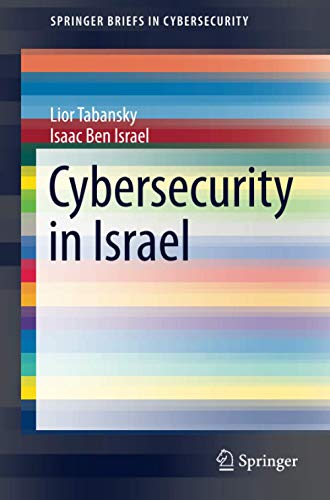
Cybersecurity in Israel This SpringerBrief gives the reader a detailed account of how cybersecurity in Israel has evolved over the past two decades. The formation of the regions cybersecurity strategy is explored and an in-depth analysis of key developments in cybersecurity policy is provided. The authors examine cybersecurity from an integrative national perspective and see it as a set of policies and actions with two interconnected goals: to mitigate security risks and increase resilience and leverage opportunities enabled by cyber-space. Chapters include an insight into the planning and implementation of the National Security Concept strategy which facilitated the Critical Infrastructure Protection (CIP) agreement in 2002, (one of the first of its kind), the foundation of the Israeli Cyber-strategy in 2011, and details of the current steps being taken to establish a National Cyber Security Authority (NCSA). Cybersecurity in Israel will be essential reading for anybody interested in cyber-security policy, including students, researchers, analysts and policy makers alike. LAW,Science & Technology

Medical Terminology Demystified There’s no easier, faster, or more practical way to learn the really tough subjects Medical Terminology Demystified covers all the basic terms of disease and injury, abnormal anatomy and physiology, surgical techniques, drugs, and other therapies--in the context of real, practical health issues. This self-teaching guide comes complete with key points, background information, quizzes at the end of each chapter, and even a final exam. MEDICAL,Allied Health Services,Medical Technology

Microscopic Haematology A fully-updated edition of the ultimate haematology textbook for diagnostic use Microscopic Haematology, 3rd Edition: A practical guide for the laboratory has been fully updated in line with the current World Health Organisation classification. In addition to providing a wealth of information on haematology, this excellent textbook for health professionals includes over 400 full colour haematological slides. Microscopic Haematology, 3rd Edition: A practical guide for the laboratory is arranged in a logical, easy-to-follow order. The guide commences with the red cell series and describes normoblastic erythropoiesis, abnormal erythropoiesis and all the red cell disorders associated with anaemia. Each type of anaemia is described with minimal text and is accompanied by coloured haematological slides depicting red cell changes associated with the particular disorder. The platelet section adheres to the same format. Microscopic Haematology, 3rd Edition: A practical guide for the laboratory also offers a section on paediatric haematology, outlining red cell, white cell and platelet disorders occurring in cord blood, the neonate and childhood. The final section in this expansive health reference focuses on blood parasites and describes the four species of human malaria. A description of characteristic features in each species as it occurs in the red cell is accompanied by images depicting the various stages of maturation of each malaria species. Elsevier’s Evolve website provides an extensive ancillary package for students and lecturers, including • downloadable student content specific to Haematology I and II • interactive case studies for students with multiple choice questions for self directed learning • 17 detailed case studies to help lecturers develop differential diagnosis skills and problem solving skills with model answers • an image bank for lecturers • a thorough paediatrics section describing red cell, white cell and platelet disorders • over 400 high quality images magnified x 1000• 30 detailed haematological case studies (online)• a list of common haematology-related abbreviations• an online image bank • expanded coverage of blood cell production, haematopoiesis and disease physiology• detailed case studies for both adult and paediatric conditions (online)• approximately 90 new images showing cell morphology and cell ultrastructures• a comprehensive online teaching and learning package• aligned with the current World Health Organisation classification standard MEDICAL,Allied Health Services,Medical Technology

Tietz Clinical Guide to Laboratory Tests - E-Book This new edition of Norbert Tietz's classic handbook presents information on common tests as well as rare and highly specialized tests and procedures - including a summary of the utility and merit of each test. Biological variables that may affect test results are discussed, and a focus is placed on reference ranges, diagnostic information, clinical interpretation of laboratory data, interferences, and specimen types. New and updated content has been added in all areas, with over 100 new tests added. Tests are divided into 8 main sections and arranged alphabetically. Each test includes necessary information such as test name (or disorder) and method, specimens and special requirements, reference ranges, chemical interferences and in vivo effects, kinetic values, diagnostic information, factors influencing drug disposition, and clinical comments and remarks. The most current and relevant tests are included; outdated tests have been eliminated. Test index (with extensive cross references) and disease index provide the reader with an easy way to find necessary information Four new sections in key areas (Preanalytical, Flow Cytometry, Pharmacogenomics, and Allergy) make this edition current and useful. New editor Alan Wu, who specializes in Clinical Chemistry and Toxicology, brings a wealth of experience and expertise to this edition. The Molecular Diagnostics section has been greatly expanded due to the increased prevalence of new molecular techniques being used in laboratories. References are now found after each test, rather than at the end of each section, for easier access. MEDICAL,Allied Health Services,Medical Technology

Tietz Fundamentals of Clinical Chemistry and Molecular Diagnostics - E-Book A condensed, easier-to-understand student version of the acclaimed Tietz Textbook of Clinical Chemistry and Molecular Diagnostics, Tietz Fundamentals of Clinical Chemistry and Molecular Diagnostics, 7th Edition uses a laboratory perspective in providing the clinical chemistry fundamentals you need to work in a real-world, clinical lab. Coverage ranges from laboratory principles to analytical techniques and instrumentation, analytes, pathophysiology, and more. New content keeps you current with the latest developments in molecular diagnostics. From highly respected clinical chemistry experts Carl Burtis and David Bruns, this textbook shows how to select and perform diagnostic lab tests, and accurately evaluate results. Authoritative, respected author team consists of two well-known experts in the clinical chemistry world. Coverage of analytical techniques and instrumentation includes optical techniques, electrochemistry, electrophoresis, chromatography, mass spectrometry, enzymology, immunochemical techniques, microchips, automation, and point of care testing. Learning objectives begin each chapter, providing measurable outcomes to achieve after completing the material. Key words are listed and defined at the beginning of each chapter, and bolded in the text. A glossary at the end of the book makes it quick and easy to look up definitions of key terms. More than 500 illustrations plus easy-to-read tables help you understand and remember key concepts. New chapters on molecular diagnostics include the principles of molecular biology, nucleic acid techniques and applications, and genomes and nucleic acid alterations, reflecting the changes in this rapidly evolving field. New content on clinical evaluation of methods, kidney function tests, and diabetes is added to this edition. NEW multiple-choice review questions at the end of each chapter allow you to measure your comprehension of the material. NEW case studies on the Evolve companion website use real-life scenarios to reinforce concepts. MEDICAL,Allied Health Services,Medical Technology

Linne & Ringsrud's Clinical Laboratory Science - E-Book Using a discipline-by-discipline approach, Linne & Ringsrud's Clinical Laboratory Science: Concepts, Procedures, and Clinical Applications, 7th Edition provides a fundamental overview of the skills and techniques you need to work in a clinical laboratory and perform routine clinical lab tests. Coverage of basic laboratory techniques includes key topics such as safety, measurement techniques, and quality assessment. Clear, straightforward instructions simplify lab procedures, and are described in the CLSI (Clinical and Laboratory Standards Institute) format. Written by well-known CLS educator Mary Louise Turgeon, this text includes perforated pages so you can easily detach procedure sheets and use them as a reference in the lab! Hands-on procedures guide you through the exact steps you'll perform in the lab. Review questions at the end of each chapter help you assess your understanding and identify areas requiring additional study. A broad scope makes this text an ideal introduction to clinical laboratory science at various levels, including CLS/MT, CLT/MLT, and Medical Assisting, and reflects the taxonomy levels of the CLS/MT and CLT/MLT exams. Detailed full-color illustrations show what you will see under the microscope. An Evolve companion website provides convenient online access to all of the procedures in the text, a glossary, audio glossary, and links to additional information. Case studies include critical thinking and multiple-choice questions, providing the opportunity to apply content to real-life scenarios. Learning objectives help you study more effectively and provide measurable outcomes to achieve by completing the material. Streamlined approach makes it easier to learn the most essential information on individual disciplines in clinical lab science. Experienced author, speaker, and educator Mary Lou Turgeon is well known for providing insight into the rapidly changing field of clinical laboratory science. Convenient glossary makes it easy to look up definitions without having to search through each chapter. NEW! Procedure worksheets have been added to most chapters; perforated pages make it easy for students to remove for use in the lab and for assignment of review questions as homework. NEW! Instrumentation updates show new technology being used in the lab. NEW! Additional key terms in each chapter cover need-to-know terminology. NEW! Additional tables and figures in each chapter clarify clinical lab science concepts. MEDICAL,Allied Health Services,Medical Technology

Phlebotomy - E-Book With an illustrated, storyboard format for procedures, Phlebotomy: Worktext and Procedures Manual, 4th Edition describes all aspects of phlebotomy, with current coverage of equipment, safety procedures, arterial blood gases, point-of-care testing, and practical phlebotomy skills. Procedures cover core functions and are outlined with step-by-step instructions and new full-color photos. Clinical scenarios, practice tips, and new Avoid That Error features keep the focus on application and practice. Written by phlebotomy expert Robin Warekois, this practical worktext also includes competency checklists, a mock certification exam, a detachable bookmark that can serve as a tube guide, and a new video collection on the Evolve companion website. A detailed, storyboard format outlines common procedures, with steps accompanied by new full-color photos. Study and certification exam preparation questions in each chapter help you review and remember the material. A mock certification exam in the appendix mirrors the format of the actual phlebotomy certification exam, allowing you to review for the exam with 150 multiple-choice questions. Competency Checklists at the end of the book summarize the most critical and important steps in phlebotomy procedures. Clinical scenarios and tips encourage you apply your knowledge to real-life challenges in the workplace. Student resources on an Evolve companion website include a pre-test, animations, a new procedural video collection, interactive exercises, a mock certification exam, and an audio glossary. An anatomy and physiology section offers illustrated, in-depth information on body systems. A perforated bookmark on the back cover serves as a quick, portable reminder of which stopper tops to use for various diagnostic tests. Flashbacks and Flashforwards provide a cross reference to related information in previous or upcoming chapters. NEW video collection on the Evolve companion website demonstrates how critical procedures are performed. NEW photos have been added, in addition to new content on professionalism and HIPAA, equipment, and technology. NEW! Avoid That Error scenarios help you develop critical thinking skills and provide helpful tips on resolving problematic situations. MEDICAL,Allied Health Services,Medical Technology

Clinical Hematology Atlas - E-Book Ensure you are accurately identifying cells at the microscope with Clinical Hematology Atlas, 5th Edition. An excellent companion to Rodak's Hematology: Clinical Principles & Applications, this award-winning atlas offers complete coverage of the basics of hematologic morphology, including examination of the peripheral blood smear, basic maturation of the blood cell lines, and information on a variety of clinical disorders. Nearly 500 photomicrographs, schematic diagrams, and electron micrographs vividly illustrate hematology from normal cell maturation to the development of various pathologies so you can be sure you’re making accurate conclusions in the lab. Schematic diagrams, photomicrographs, and electron micrographs are found in every chapter to visually enhance understanding of hematologic cellular morphology. Smaller trim size, concise text, and spiral binding make it easy to reference the atlas in the laboratory. Chapter on normal newborn peripheral blood morphology covers the normal cells found in neonatal blood. Chapter on body fluids illustrates the other fluids found in the body besides blood, using images from cytocentrifuged specimens. The most common cytochemical stains, along with a summary chart for interpretation, are featured in the leukemia chapters to help classify both malignant and benign leukoproliferative disorders. Chapter featuring morphologic changes after myeloid hematopoietic growth factors is included in the text. Morphologic abnormalities are covered in the chapters on erythrocytes and leukocytes, along with a description of each cell, in a schematic fashion. User resources on the Evolve companion site feature review questions and summary tables to further enhance their learning experience. NEW! Appendix with comparison tables of commonly confused cells includes lymphocytes versus neutrophilic myelocytes and monocytes versus reactive lymphoctyes to help users see the subtle differences between them. NEW! Glossary of hematologic terms at the end of the book provides a quick reference to easily look up definitions. MEDICAL,Allied Health Services,Medical Technology

Textbook of Diagnostic Microbiology - E-Book Providing a reader-friendly "building-block" approach to the essentials of diagnostic microbiology, this accessible, full-color text helps you develop the problem-solving skills necessary for success in the clinical setting. This updated edition has new content on nanomedicine and HIV/AIDS and the immunocompromised patient, including the latest information on prevention, treatment modalities, and CDC guidelines. Updated photos offer new examples of automated lab instruments, while case studies, review questions, and learning objectives present information in an easy-to-learn way. A building-block approach encourages you to use previously learned information to sharpen your critical-thinking and problem-solving skills. Full-color design, with many full-color photomicrographs, prepares you for the reality of diagnostic microbiology. Learning objectives at the beginning of each chapter supply you with a measurable outcome to achieve by completing the material. A case study at the beginning of each chapter provides you with the opportunity to form your own questions and answers through discussion points. Issues to Consider boxes encourage you to analyze important points. Bolded key terms at the beginning of each chapter equip you with a list of the most important and relevant terms in each chapter. Points to Remember sections at the end of each chapter identify key concepts in a quick-reference, bulleted format. Hands-on procedures describe exactly what takes place in the micro lab, making content more interesting and relevant. Learning assessment questions at the conclusion of each chapter allow you to evaluate how well you have mastered material. Agents of bioterrorism chapter furnishes you with the most current information about this hot topic. Glossary of key terms at the end of the book supplies you with a quick reference for looking up definitions. NEW! Nanomedicine and HIV/AIDS and the immunocompromised patient content supplies you with the latest information on prevention, treatment modalities, and CDC guidelines. NEW! Updated photos familiarize you with the equipment you’ll use in the lab. NEW! Case Checks throughout each chapter tie content to case studies for improved understanding. NEW! An editable and printable lab manual provides additional opportunities to learn course content using real-life scenarios with questions to reinforce concepts. Review questions for each learning objective help you learn to think critically about the information in each chapter, enhancing your comprehension and retention of material. MEDICAL,Allied Health Services,Medical Technology

Procedures in Phlebotomy - E-Book Introducing the practices and procedures of phlebotomy, Procedures in Phlebotomy, 4th Edition provides easy-to-read guidelines for both basic and special phlebotomy techniques. It describes proper procedures for venipuncture, special collection procedures, and pediatric and geriatric considerations, and addresses essential topics such as infection control, OSHA guidelines, and anatomy and physiology. It also discusses professional issues such as interpersonal communication, department management, total quality, and medical-legal topics. Written by expert phlebotomy educator John C. Flynn, Jr., this edition includes more in-depth content, a new chapter on medical terminology, new case studies, and a practice exam that prepares you for the phlebotomy certification exam. A 150-question practice exam provides a comprehensive review of content and prepares you for the phlebotomy certification examination with questions that mirror the exam's multiple-choice format. Competency score sheets allow you to evaluate your mastery of newly acquired skills related to the most critical and important steps in phlebotomy procedures. A color Tube Guide provides a quick reference for determining the type of tube to use for blood collection of common tests. Review questions at the end of each chapter reinforce your understanding and provide a self-assessment tool. A glossary provides a quick reference to definitions for all of the book's terms. A companion Evolve website enhances learning with interactive quizzes and WebLinks for further reading and research. NEW content includes a new chapter on medical terminology, and also addresses patient quality issues, geriatric considerations, and point-of-care tests. Case studies with critical thinking questions allow you to apply chapter content to real-life scenarios. Lists of key terms identify new terminology. Learning objectives begin each chapter, setting measurable outcomes you will achieve. Spanish phrases related to phlebotomy are included in the appendix for quick reference. MEDICAL,Allied Health Services,Medical Technology

Study Guide for Bailey and Scott's Diagnostic Microbiology - E-Book Corresponding to chapters in Bailey & Scott's Diagnostic Microbiology, 12th Edition, this new guide reviews important topics and helps students master key material. It includes chapter objectives, a summary of key points, review questions, and case studies. Material is presented in an engaging format that challenges students to apply their knowledge to real-life scenarios. Type Source Promotion Chapter Objectives open each chapter, providing a measurable outcome to achieve by completing the material. A summary of Key Points from the main text helps students clearly identify key concepts covered in each chapter. Review Questions in each chapter test students on important knowledge in addition to key terms and abbreviations. Case studies in each chapter offer challenging questions for further analysis, and challenge students to apply their knowledge to the real world. MEDICAL,Allied Health Services,Medical Technology

Basic & Applied Concepts of Blood Banking and Transfusion Practices - E-Book Basic & Applied Concepts of Blood Banking and Transfusion Practices, 4th Edition combines logically organized and updated content in a highly readable way that makes difficult concepts easy to understand. This essential text enables you to develop a solid understanding of all areas of blood banking by utilizing common theory, clinical scenarios, case studies, and critical-thinking exercises. Additional content on HIV testing, ABID panels, immunology and serology, HLA, and global blood banking keeps this book current so you’re learning the skills necessary to work in the modern lab. Further your knowledge with the QR codes in the margins that link to new images and websites. Illustrated blood group boxes provide you with the ISBT symbol, number, and the clinical significance of the antibodies at a glance throughout Chapter 7, Other Red Cell Blood Group Systems, Human Leukocyte Antigens, and Platelet Antigens. Study questions and critical thinking exercises give you an opportunity to review what you’ve learned. Margin notes and definitions highlight important material in each chapter and offer you additional help. Coverage of advanced topics includes transplantation and cellular therapy, the HLA system, molecular techniques and applications, automation, electronic cross-matching, and therapeutic apheresis. Chapter summaries recap the most important points of the chapter. Learning objectives help frame the chapter and set expectations. NEW! QR codes in the margins further learning by linking to new images or websites related to chapter content. NEW! Completely updated content prepares you to work in today’s clinical lab environment with lessons about HIV testing and confirmation rules from the CDC, ABID panels, immunology and serology, HLA, and global blood banking. MEDICAL,Allied Health Services,Medical Technology

Bailey & Scott's Diagnostic Microbiology - E-Book Perfect your lab skills with the gold standard in microbiology! Serving as both the #1 bench reference for practicing microbiologists and as a favorite text for students in clinical laboratory science programs, Bailey & Scott’s Diagnostic Microbiology, 14th Edition covers all the topical information and critical thinking practice you need for effective laboratory testing. This new edition also features hundreds step-by-step procedures, updated visuals, new case studies, and new material on the latest trends and equipment in clinical microbiology — including automation, automated streaking, MALDI-TOF, and incubator microscopes. It’s everything you need to get quality lab results in class and in clinical practice! More than 800 detailed, full-color illustrations aid comprehension and help in visualizing concepts. Expanded sections on parasitology, mycology, and virology eliminate the need to purchase separate books on this material. General and Species boxes in the organism chapters highlight the important topics that will be discussed in the chapter. Case studies provide the opportunity to apply information to a variety of diagnostic scenarios, and help improve decision-making and critical thinking skills. Hands-on procedures include step-by-step instructions, full-color photos, and expected results. A glossary of terms is found at the back of the book for quick reference. Learning objectives begin each chapter, offering a measurable outcome to achieve by the completing the material. Learning resources on the Evolve companion website enhance learning with review questions and procedures. NEW! Coverage of automation, automated streaking, MALDI-TOF, and incubator microscopes keeps you in the know on these progressing topics. NEW! Updated images provide a more vivid look into book content and reflect the latest procedures. NEW! Thoroughly reviewed and updated chapters equip you with the most current information. NEW! Significant lab manual improvements provide an excellent learning resource at no extra cost. NEW! 10 extra case studies on the Evolve companion website offer more opportunities to improve critical thinking skills. MEDICAL,Allied Health Services,Medical Technology

Key Advances in Clinical Informatics Key Advances in Clinical Informatics: Transforming Health Care through Health Information Technology provides a state-of-the-art overview of the most current subjects in clinical informatics. Leading international authorities write short, accessible, well-referenced chapters which bring readers up-to-date with key developments and likely future advances in the relevant subject areas. This book encompasses topics such as inpatient and outpatient clinical information systems, clinical decision support systems, health information technology, genomics, mobile health, telehealth and cloud-based computing. Additionally, it discusses privacy, confidentiality and security required for health data. Edited by internationally recognized authorities in the field of clinical informatics, the book is a valuable resource for medical/nursing students, clinical informaticists, clinicians in training, practicing clinicians and allied health professionals with an interest in health informatics. Presents a state-of-the-art overview of the most current subjects in clinical informatics. Provides summary boxes of key points at the beginning of each chapter to impart relevant messages in an easily digestible fashion Includes internationally acclaimed experts contributing to chapters in one accessible text Explains and illustrates through international case studies to show how the evidence presented is applied in a real world setting MEDICAL,Allied Health Services,Medical Technology

Tietz Textbook of Clinical Chemistry and Molecular Diagnostics - E-Book The Tietz Textbook of Clinical Chemistry and Molecular Diagnostics, 6th Edition provides the most current and authoritative guidance on selecting, performing, and evaluating the results of new and established laboratory tests. This classic clinical chemistry reference offers encyclopedic coverage detailing everything you need to know, including: analytical criteria for the medical usefulness of laboratory tests, variables that affect tests and results, laboratory medicine, applications of statistical methods, and most importantly clinical utility and interpretation of laboratory tests. It is THE definitive reference in clinical chemistry and molecular diagnostics, now fully searchable and with quarterly content updates, podcasts, clinical cases, animations, and extended content online through Expert Consult. Analytical criteria focus on the medical usefulness of laboratory procedures. Reference ranges show new approaches for establishing these ranges — and provide the latest information on this topic. Lab management and costs gives students and chemists the practical information they need to assess costs, allowing them to do their job more efficiently and effectively. Statistical methods coverage provides you with information critical to the practice of clinical chemistry. Internationally recognized chapter authors are considered among the best in their field. Two-color design highlights important features, illustrations, and content to help you find information easier and faster. NEW! Internationally recognized chapter authors are considered among the best in their field. NEW! Expert Consult features fully searchable text, quarterly content updates, clinical case studies, animations, podcasts, atlases, biochemical calculations, multiple-choice questions, links to Medline, an image collection, and audio interviews. You will now enjoy an online version making utility of this book even greater. UPDATED! Expanded Molecular Diagnostics section with 12 chapters that focus on emerging issues and techniques in the rapidly evolving and important field of molecular diagnostics and genetics ensures this text is on the cutting edge and of the most value. NEW! Comprehensive list of Reference Intervals for children and adults with graphic displays developed using contemporary instrumentation. NEW! Standard and international units of measure make this text appropriate for any user — anywhere in the world. NEW! 22 new chapters that focus on applications of mass spectrometry, hematology, transfusion medicine, microbiology, biobanking, biomarker utility in the pharmaceutical industry and more! NEW! Expert senior editors, Nader Rifai, Carl Wittwer and Rita Horvath, bring fresh perspectives and help ensure the most current information is presented. UPDATED! Thoroughly revised and peer-reviewed chapters provide you with the most current information possible. MEDICAL,Allied Health Services,Medical Technology

Tietz Fundamentals of Clinical Chemistry and Molecular Diagnostics - E-Book Get the foundational knowledge you need to successfully work in a real-world, clinical lab with Tietz Fundamentals of Clinical Chemistry and Molecular Diagnostics, 8th Edition. From highly respected clinical chemistry expert Nader Rifai, this condensed, easier-to-understand version of the acclaimed Tietz Textbook of Clinical Chemistry and Molecular Diagnostics uses a laboratory perspective to guide you through selecting and performing diagnostic lab tests and accurately evaluating the results. Coverage includes laboratory principles, analytical techniques, instrumentation, analytes, pathophysiology, and more. This eighth edition features new clinical cases from The Coakley Collection, new questions from The Deacon’s Challenge of Biochemical Calculations Collection, plus new content throughout the text to ensure you stay ahead of all the latest techniques, instrumentation, and technologies. Condensed version of the clinical chemistry "bible" offers the same authoritative and well-presented content in a much more focused and streamlined manner. Coverage of analytical techniques and instrumentation includes optical techniques, electrochemistry, electrophoresis, chromatography, mass spectrometry, enzymology, immunochemical techniques, microchips, automation, and point of care testing. Updated chapters on molecular diagnostics cover the principles of molecular biology, nucleic acid techniques and applications, and genomes and nucleic acid alterations, reflecting the changes in this rapidly evolving field. Learning objectives, key words, and review questions are included in each chapter to support learning. More than 500 illustrations plus easy-to-read tables help readers better understand and remember key concepts. NEW! Clinical Cases from The Coakley Collection use real-life scenarios to demonstrate how concepts from the text will come in to play in real life practice. NEW! Questions from The Deacon’s Challenge of Biochemical Calculations Collection help reinforce concepts and help readers’ critical thinking skills. NEW! Updated content throughout the text keeps readers up to date on the latest techniques, instrumentation, and technologies. NEW! New lead author Nader Rifai lends his expertise as the Director of Clinical Chemistry at Children’s Hospital in Boston, the Editor-in-Chief of the journal Clinical Chemistry, and a Professor of Pathology at Harvard University. MEDICAL,Allied Health Services,Medical Technology

Linne & Ringsrud's Clinical Laboratory Science E-Book Thoroughly updated and easy-to-follow, Linne & Ringsrud's Clinical Laboratory Science: Concepts, Procedures, and Clinical Applications, 8th Edition offers a fundamental overview of the laboratory skills and techniques you’ll need for success in the clinical laboratory. Author Mary Louise Turgeon's simple and straightforward writing clarifies complex concepts, and her unique discipline-by-discipline approach helps you build knowledge and learn to confidently perform routine clinical laboratory tests with accurate, effective results. Topics like safety, measurement techniques, and quality assessment are woven throughout the various skills. The new eighth edition also features updated content including expanded information on viruses and automation. It’s the must-have foundation for anyone wanting to pursue a profession in the clinical lab. Broad content scope provides an ideal introduction to clinical laboratory science at a variety of levels, including CLS/MT, CLT/MLT, and Medical Assisting. Case studies include critical thinking and multiple-choice questions to challenge readers to apply the content to real-life scenarios. Expert insight from respected educator Mary Lou Turgeon reflects the full spectrum of clinical lab science. Detailed procedures guides readers through the exact steps performed in the lab. Vivid full-color illustrations familiarize readers with what they’ll see under the microscope. Review questions at the end of each chapter help readers assess your understanding and identify areas requiring additional study. Evolve companion website provides convenient online access to all of the procedures in the text and houses animations, flashcards, and additional review questions not found in the printed text. Procedure worksheets can be used in the lab and for assignment as homework. Streamlined approach makes must-know concepts and practices more accessible. Convenient glossary simplifies the process of looking up definitions without having to search through each chapter. NEW! Updated content throughout keeps pace with constant changes in clinical lab science. NEW! Consistent review question format ensures consistency and enables readers to study more efficiently. NEW! More discussion of automation familiarizes readers with the latest automation technologies and processes increasingly used in the clinical lab to increase productivity and elevate experimental data quality. NEW! Additional information on viruses keeps readers up to date on this critical area of clinical lab science. MEDICAL,Allied Health Services,Medical Technology

Basic Physics and Technology of Medical Diagnostic Ultrasound MEDICAL,Allied Health Services,Medical Technology

Metabolic Pathway Design This textbook presents solid tools for in silico engineering biology, offering students a step-by-step guide to mastering the smart design of metabolic pathways. The first part explains the Design-Build-Test-Learn-cycle engineering approach to biology, discussing the basic tools to model biological and chemistry-based systems. Using these basic tools, the second part focuses on various computational protocols for metabolic pathway design, from enzyme selection to pathway discovery and enumeration. In the context of industrial biotechnology, the final part helps readers understand the challenges of scaling up and optimisation. By working with the free programming language Scientific Python, this book provides easily accessible tools for studying and learning the principles of modern in silico metabolic pathway design. Intended for advanced undergraduates and master’s students in biotechnology, biomedical engineering, bioinformatics and systems biology students, the introductory sections make it also useful for beginners wanting to learn the basics of scientific coding and find real-world, hands-on examples. MEDICAL,Allied Health Services,Medical Technology

Biotechnological Applications in Human Health This book compiles selected articles presented at the International Conference on Biotechnology & Biological Sciences, BIOSPECTRUM 2017, organized by the Department of Biotechnology, University of Engineering & Management, Kolkata. Focusing on biotechnology-based analysis and intervention to address certain human diseases, the book includes a holistic discourse on disease profiling, molecular level analysis of diseases, and non-invasive medical interventions. It features articles on non-invasive treatment of iron deficiency anemia with iron nanoparticles; novel diagnosis methods based on microarray data; analysis using machine learning techniques like artificial neural network for early detection and treatment of cancer; and drug discovery for preventing the growth of human leukemic cells. Further, the book sheds light on in silico drug design using lipopeptides, and identifying the binding sites for their corresponding ligands. Presenting the concepts of the design of potent and safe antimicrobial compounds to fight multi drug resistant pathogens, it also includes interesting reviews on the design and development of various non-invasive methods, such as multi NIR wavelength probes to identify the risk areas in the diabetic foot at an early stage; and a low-cost cochlear implant prototype designed and developed from commercial off the-shelf components to empower the hearing impaired. The book appeals to students, academics and researchers in a wide range of subject areas, including biotechnology, life sciences, medicine and cancer research. MEDICAL,Allied Health Services,Medical Technology

Natural Bioactive Products in Sustainable Agriculture This book discusses various aspects of bioactive natural products employed in the agrochemical and agriculture sectors. It covers the use of plants, microorganisms, and microbial metabolites as eco-friendly, cost-effective, and sustainable alternatives to chemicals in the field of agriculture. Written by active researchers and academics, the book highlights state-of-art products in the field, as well as the gaps, challenges, and obstacles associated with the use of plants, microbes and their products. Given its scope, it is a valuable resource for the scientific community and professionals in enterprises wanting insights into the latest developments and advances in the context of biological products, including their applications, traditional uses, modern practices, and strategies to harness their full potential. MEDICAL,Allied Health Services,Medical Technology

Advances in Bioengineering This book provides a single source of information on three major bioengineering areas: engineering at the cellular and molecular level; biomedical devices / instrument engineering; and data engineering. It explores the latest strategies that are essential to advancing our understanding of the mechanisms of human diseases, the development of new enzyme-based technologies, diagnostics, prosthetics, high-performance computing platforms for managing huge amounts of biological data, and the use of deep learning methods to create predictive models. The book also highlights the growing importance of integrating chemistry into life sciences research, most notably concerning the development and evaluation of nanomaterials and nanoparticles and their interactions with biological material. The underlying interdisciplinary theme of bioengineering is addressed in a range of multifaceted applications and worked out examples provided in each chapter. MEDICAL,Allied Health Services,Medical Technology

Biomechanics for Instructors This book comprises a series of lectures given by celebrated Soviet neurophysiologist Nikolai Alexandrovich Bernstein in Moscow in 1925 and first published in Russian in 1926. Bernstein’s groundbreaking work, which has had a significant influence on the development of neuroscience, movement studies, and other fields of study in Russia, Eastern Europe, and the West, was suppressed during Stalin’s regime. At the time of its publication, Biomechanics for Instructors was a significant resource for teachers, with its descriptions of the movement of joints and degrees of freedom, illustrations of how to calculate the work capacity of muscles with bones acting as levers, the role of the central nervous system in movement, and more. Though the terminologies and methods have changed and been updated as research and technologies have progressed, the book remains a valuable introduction for those interested in Bernstein’s work more generally, and to those involved in the study of biomechanics. This book is also of interest to historians and philosophers of neuroscience, as well as those involved in movement studies in both the scientific and artistic domains, and to physiotherapists and those involved in sports research and practice. MEDICAL,Allied Health Services,Medical Technology

Nanomaterial - Based Biomedical Applications in Molecular Imaging, Diagnostics and Therapy This book comprehensively reviews the recent advances in nanomaterial-based molecular imaging, diagnostics, and personalized therapy. It discusses the novel biocompatible fluorescent nanomaterials, their synthesis, and modern state of art characterization, as well as the various strategies for immobilization of biomacromolecules on the nanomaterial surface and approaches for increasing their stability. In addition, the book describes the synthesis of lectin nanoconjugates using different types of biocompatible raw materials and their systematic characterization. Lastly, it presents our current understanding of the biomolecular carona, which affects nanoparticle-based targeted drug delivery, and examines the conceptual approaches to improve the in-vivo efficacy of targeted drug delivery. MEDICAL,Allied Health Services,Medical Technology

Biomedical Visualisation This edited book explores the use of technology to enable us to visualise the life sciences in a more meaningful and engaging way. It will enable those interested in visualisation techniques to gain a better understanding of the applications that can be used in visualisation, imaging and analysis, education, engagement and training. The reader will be able to explore the utilisation of technologies from a number of fields to enable an engaging and meaningful visual representation of the biomedical sciences, with a focus in this volume related to anatomy, and clinically applied scenarios. The first eight chapters examine a variety of tools, techniques, methodologies and technologies which can be utilised to visualise and understand biological and medical data. This includes web-based 3D visualisation, ultrasound, virtual and augmented reality as well as functional connectivity magnetic resonance imaging, storyboarding and a variety of stereoscopic and 2D-3D transitions in learning. The final two chapters examine the pedagogy behind digital techniques and tools from social media to online distance learning techniques. MEDICAL,Allied Health Services,Medical Technology

Feature Engineering and Computational Intelligence in ECG Monitoring This book discusses feature engineering and computational intelligence solutions for ECG monitoring, with a particular focus on how these methods can be efficiently used to address the emerging challenges of dynamic, continuous & long-term individual ECG monitoring and real-time feedback. By doing so, it provides a “snapshot†of the current research at the interface between physiological signal analysis and machine learning. It also helps clarify a number of dilemmas and encourages further investigations in this field, to explore rational applications of feature engineering and computational intelligence in ECG monitoring. The book is intended for researchers and graduate students in the field of biomedical engineering, ECG signal processing, and intelligent healthcare. MEDICAL,Allied Health Services,Medical Technology

Models, Molecules and Mechanisms in Biogerontology The book deals with basic cellular and molecular mechanisms associated with aging. It comprehensively describes the important genetic, epigenetic, biochemical and metabolic regulations during aging, as well as some important age-related diseases.The book is divided into four major sections for easy understanding. It takes the readers through the various aspects of aging in a story-like manner. Certain interventions for healthy aging such as dietary restriction, regular exercise and maintaining a balanced and peaceful life-style are also suggested by the experts. The book would be a companion for both beginners, as well as established researchers in the field. It would be useful for science education, research, clinical approach and policy making. MEDICAL,Allied Health Services,Medical Technology

Hairy Root Cultures Based Applications The book discusses the various methods and protocols available in hairy root culture-based research. The utilization of Agrobacterium mediated genetic transformation and establishment of hairy root cultures has paved the way for large-scale secondary metabolite production in medicinal plants. Presenting recent research and offering insights from eminent research groups, the book covers a range of topics related to hairy root-based applications, including (i) establishment of hairy roots and native production of SM (ii) yield enhancement strategies for increased SM production, like elicitation (iii) hairy roots as a tool for value-added applications such as plant-microbe interaction, characterization of plant genes and root biology studies. As such it is an informative guide and experimental manual for researchers in diverse fields of plant biology. MEDICAL,Allied Health Services,Medical Technology

Intelligence-Based Medicine Intelligence-Based Medicine: Data Science, Artificial Intelligence, and Human Cognition in Clinical Medicine and Healthcare provides a multidisciplinary and comprehensive survey of artificial intelligence concepts and methodologies with real life applications in healthcare and medicine. Authored by a senior physician-data scientist, the book presents an intellectual and academic interface between the medical and the data science domains that is symmetric and balanced. The content consists of basic concepts of artificial intelligence and its real-life applications in a myriad of medical areas as well as medical and surgical subspecialties. It brings section summaries to emphasize key concepts delineated in each section; mini-topics authored by world-renowned experts in the respective key areas for their personal perspective; and a compendium of practical resources, such as glossary, references, best articles, and top companies. The goal of the book is to inspire clinicians to embrace the artificial intelligence methodologies as well as to educate data scientists about the medical ecosystem, in order to create a transformational paradigm for healthcare and medicine by using this emerging new technology. Covers a wide range of relevant topics from cloud computing, intelligent agents, to deep reinforcement learning and internet of everything Presents the concepts of artificial intelligence and its applications in an easy-to-understand format accessible to clinicians and data scientists Discusses how artificial intelligence can be utilized in a myriad of subspecialties and imagined of the future Delineates the necessary elements for successful implementation of artificial intelligence in medicine and healthcare MEDICAL,Allied Health Services,Medical Technology

Biomimicked Biomaterials This book is the second of two volumes that together offer a comprehensive account of cutting-edge advances in the development of biomaterials for use within tissue engineering and regenerative medicine. In this volume, which is devoted to biomimetic biomaterials, the opening section discusses bone regeneration by means of duck’s feet-derived collagen scaffold and the use of decellularized extracellular matrices. The role of various novel biomimetic hydrogels in regenerative medicine is then considered in detail. The third section focuses on the control of stem cell fate by biomimetic biomaterials, covering exosome-integrated biomaterials for bone regeneration, cellular responses to materials for biomedical engineering, and the regulation of stem cell functions by micropatterned structures. Finally, the use of nano-intelligent biocomposites in regenerative medicine is addressed, with discussion of, for example, recent advances in biphasic calcium phosphate bioceramics and blood-contacting polymeric biomaterials. The authors are recognized experts in the interdisciplinary field of regenerative medicine and the book will be of value for all with an interest in regenerative medicine based on biomaterials. MEDICAL,Allied Health Services,Medical Technology

Bioinspired Biomaterials This book is the first of two volumes that together offer a comprehensive account of cutting-edge advances in the development of biomaterials for use within tissue engineering and regenerative medicine. Topics addressed in this volume, which is devoted to bioinspired biomaterials, range from novel biomaterials for regenerative medicine through to emerging enabling technologies with applications in, for example, drug delivery, maternal–fetal medicine, peripheral nerve repair and regeneration, and brain tumor therapy. New bioinspired hydrogels receive detailed attention in the book, and a further focus is the use of bioinspired biomaterials in the regulation of stem cell fate. Here the coverage includes the role of scaffolds in cartilage regeneration, the bioapplication of inorganic nanomaterials in tissue engineering, and guidance of cell migration to improve tissue regeneration. The authors are recognized experts in the interdisciplinary field of regenerative medicine and the book will be of value for all with an interest in regenerative medicine based on biomaterials. MEDICAL,Allied Health Services,Medical Technology

Biomedical Visualisation This edited book explores the use of technology to enable us to visualise the life sciences in a more meaningful and engaging way. It will enable those interested in visualisation techniques to gain a better understanding of the applications that can be used in visualisation, imaging and analysis, education, engagement and training. The reader will be able to explore the utilisation of technologies from a number of fields to enable an engaging and meaningful visual representation of the biomedical sciences, with a focus in this volume related to anatomy, and clinically applied scenarios.All chapters in this volume feature collaborative and innovative postgraduate research projects from graduate students of the MSc Medical Visualisation and Human Anatomy. This pioneering, world-leading postgraduate taught degree program is a joint partnership degree between the School of Life Sciences within the College of Medical, Veterinary and Life Sciences in the University of Glasgow, and the School of Simulation and Visualisation, The Glasgow School of Art. These chapters truly showcase the amazing and diverse technological applications that have been carried out as part of their research projects. MEDICAL,Allied Health Services,Medical Technology

Engineering of Microbial Biosynthetic Pathways This book provides a comprehensive overview of the basic and advanced metabolic engineering technologies used to generate natural metabolites and industrially important biomolecules. Metabolic engineering has the potential to produce large quantities of valuable biomolecules in a renewable and sustainable manner by extending or modifying biosynthetic pathways in a wide range of organisms. It has been successfully used to produce chemicals, drugs, enzymes, amino acids, antibiotics, biofuels, and industrially important pharmaceuticals. The book comprehensively reviews the various metabolites detection, extraction and biosensors and the metabolic engineering of microbial strains for the production of industrially useful enzymes, proteins, organic acids, vitamins and antibiotics, therapeutics, chemicals, and biofuels. It also discusses various genetic engineering and synthetic biology tools for metabolic engineering. In closing, the book discusses ethical, patenting and regulatory issues in the metabolic engineering of microbes. This book is a valuable source not only for beginners in metabolic engineering, but also students, researchers, biotechnology and metabolic engineering based company. MEDICAL,Allied Health Services,Medical Technology

Designing Usability into Medical Products Advocating a user-centered approach to medical technology design, Designing Usability into Medical Products covers the essential processes and specific techniques necessary to produce safe, effective, usable, and appealing medical systems and products. Written by experts on user-centered research, design, and evaluation, the book provides a range o MEDICAL,Biotechnology

Real-time PCR With a variety of detection chemistries, an increasing number of platforms, multiple choices for analytical methods and the jargon emerging along with these developments, real-time PCR is facing the risk of becoming an intimidating method, especially for beginners. Real-time PCR provides the basics, explains how they are exploited to run a real-time PCR assay, how the assays are run and where these assays are informative in real life. It addresses the most practical aspects of the techniques with the emphasis on 'how to do it in the laboratory'. Keeping with the spirit of the Advanced Methods Series, most chapters provide an experimental protocol as an example of a specific assay. MEDICAL,Biotechnology

Biomimetics Mimicking nature - from science fiction to engineering realityHumans have always looked to nature's inventions as a source of inspiration. The observation of flying birds and insects leads to innovations in aeronautics. Collision avoidance sensors mimic the whiskers of rodents. Optimization algorithms are based on survival of the fittest, the seed- MEDICAL,Biotechnology

Reliable Design of Medical Devices As medical devices become even more intricate, concerns about efficacy, safety, and reliability continue to be raised. Users and patients both want the device to operate as specified, perform in a safe manner, and continue to perform over a long period of time without failure. Following in the footsteps of the bestselling second edition, Reliable D MEDICAL,Biotechnology

Orthopaedic Biomechanics Given the strong current attention of orthopaedic, biomechanical, and biomedical engineering research on translational capabilities for the diagnosis, prevention, and treatment of clinical disease states, the need for reviews of the state-of-art and current needs in orthopaedics is very timely. Orthopaedic Biomechanics provides an in-depth review o MEDICAL,Biotechnology

The Clinical Handbook of Biofeedback A practical guide to the clinical use of biofeedback, integrating powerful mindfulness techniques. A definitive desk reference for the use of peripheral biofeedback techniques in psychotherapeutic settings, backed by a wealth of clinical research Introduces mindfulness and acceptance techniques and shows how these methods can be incorporated into biofeedback practice Step-by-step instructions provide everything a clinician needs to integrate biofeedback and mindfulness including protocols, exemplar logs for tracking symptoms, and sample scripts for mindfulness exercises Includes scientifically robust treatment protocols for a range of common problems including headaches, hypertension and chronic pain MEDICAL,Biotechnology

Measurement, Instrumentation, and Sensors Handbook The Second Edition of the bestselling Measurement, Instrumentation, and Sensors Handbook brings together all aspects of the design and implementation of measurement, instrumentation, and sensors. Reflecting the current state of the art, it describes the use of instruments and techniques for performing practical measurements in engineering, physics, chemistry, and the life sciences and discusses processing systems, automatic data acquisition, reduction and analysis, operation characteristics, accuracy, errors, calibrations, and the incorporation of standards for control purposes. Organized according to measurement problem, the Spatial, Mechanical, Thermal, and Radiation Measurement volume of the Second Edition: Contains contributions from field experts, new chapters, and updates to all 96 existing chapters Covers instrumentation and measurement concepts, spatial and mechanical variables, displacement, acoustics, flow and spot velocity, radiation, wireless sensors and instrumentation, and control and human factors A concise and useful reference for engineers, scientists, academic faculty, students, designers, managers, and industry professionals involved in instrumentation and measurement research and development, Measurement, Instrumentation, and Sensors Handbook, Second Edition: Spatial, Mechanical, Thermal, and Radiation Measurement provides readers with a greater understanding of advanced applications. MEDICAL,Biotechnology

Measurement, Instrumentation, and Sensors Handbook The Second Edition of the bestselling Measurement, Instrumentation, and Sensors Handbook brings together all aspects of the design and implementation of measurement, instrumentation, and sensors. Reflecting the current state of the art, it describes the use of instruments and techniques for performing practical measurements in engineering, physics, chemistry, and the life sciences and discusses processing systems, automatic data acquisition, reduction and analysis, operation characteristics, accuracy, errors, calibrations, and the incorporation of standards for control purposes. Organized according to measurement problem, the Electromagnetic, Optical, Radiation, Chemical, and Biomedical Measurement volume of the Second Edition: Contains contributions from field experts, new chapters, and updates to all 98 existing chapters Covers sensors and sensor technology, time and frequency, signal processing, displays and recorders, and optical, medical, biomedical, health, environmental, electrical, electromagnetic, and chemical variables A concise and useful reference for engineers, scientists, academic faculty, students, designers, managers, and industry professionals involved in instrumentation and measurement research and development, Measurement, Instrumentation, and Sensors Handbook, Second Edition: Electromagnetic, Optical, Radiation, Chemical, and Biomedical Measurement provides readers with a greater understanding of advanced applications. MEDICAL,Biotechnology

Cancer Biomarkers Gleaning information from more than 100 experts in the field of cancer diagnosis, prognosis, and therapy worldwide, Cancer Biomarkers: Non-Invasive Early Diagnosis and Prognosis determines the significance of clinical validation approaches for several markers. This book examines the use of noninvasive or minimally invasive molecular cancer m MEDICAL,Biotechnology

Analysis and Application of Analog Electronic Circuits to Biomedical Instrumentation Analysis and Application of Analog Electronic Circuits to Biomedical Instrumentation, Second Edition helps biomedical engineers understand the basic analog electronic circuits used for signal conditioning in biomedical instruments. It explains the function and design of signal conditioning systems using analog ICs-the circuits that enable ECG, EEG, MEDICAL,Biotechnology

Biology for Engineers Biology is a critical application area for engineering analysis and design, and students in engineering programs must be well-versed in the fundamentals of biology as they relate to their field. Biology for Engineers is an introductory text that minimizes unnecessary memorization of connections and classifications and instead emphasizes concepts, technology, and the utilization of living things. Whether students are headed toward a bio-related engineering degree or one of the more traditional majors, biology is so important that all engineering students should know how living things work and act. Classroom-tested at the University of Maryland, this comprehensive text introduces concepts and terminology needed to understand more advanced biology literature. Filled with practical detailed examples, the book presents: Scientific principles relevant to biology that all engineers must know A discussion of biological responses from the perspective of a broad range of fields such as psychology, human factors, genetics, plant and animal physiology, imaging, control systems, actuary, and medicine A thorough examination of the scaling of biological responses and attributes A classification of different types of applications related to biological systems Tables of useful information that are nearly impossible to find elsewhere A series of questions at the end of each chapter to test comprehension Emphasizing the ever-present interactions between a biological unit and its physical, chemical, and biological environments, the book provides ample instruction on the basics of physics, chemistry, mathematics, and engineering. It brings together all of the concepts one needs to understand the role of biology in modern technology. MEDICAL,Biotechnology

Biomechanics and Robotics The science and technology of biomechanics and robotics promise to be some of the most influential research directions of the twenty-first century. Biomechanics and Robotics goes beyond the individual areas of biomechanics, robotics, biomedical engineering, biomechatronics, and biologically inspired robotics to provide the first unified textbook on MEDICAL,Biotechnology

Biotechnology in Medical Sciences As the field of medical biotechnology grows with new products and discoveries, so does the need for a holistic view of biotechnology in medicine. Biotechnology in Medical Sciences fulfills that need by delivering a detailed overview of medical biotechnology as it relates to human diseases and epidemiology, bacteriology and antibiotics, virology and MEDICAL,Biotechnology

Introduction to BioMEMS The entire scope of the BioMEMS field—at your fingertips Helping to educate the new generation of engineers and biologists, Introduction to BioMEMS explains how certain problems in biology and medicine benefit from and often require the miniaturization of devices. The book covers the whole breadth of this dynamic field, including classical microfabrication, microfluidics, tissue engineering, cell-based and noncell-based devices, and implantable systems. It focuses on high-impact, creative work encompassing all the scales of life—from biomolecules to cells, tissues, and organisms. Brilliant color presentation Avoiding the overwhelming details found in many engineering and physics texts, this groundbreaking book—in color throughout—includes only the most essential formulas as well as many noncalculation-based exercises. Important terms are highlighted in bold and defined in a glossary. The text contains more than 400 color figures, most of which are from the original researchers. Coverage of both historical perspectives and the latest developments Developed from the author’s long-running course, this classroom-tested text gives readers a vivid picture of how the field has grown by presenting historical perspectives and a timeline of seminal discoveries. It also describes numerous state-of-the-art biomedical applications that benefit from "going small," including devices that record the electrical activity of brain cells, measure the diffusion of molecules in microfluidic channels, and allow for high-throughput studies of gene expression. MEDICAL,Biotechnology

A Laboratory Manual in Biophotonics Biophotonics is a burgeoning field that has afforded researchers and medical practitioners alike an invaluable tool for implementing optical microscopy. Recent advances in research have enabled scientists to measure and visualize the structural composition of cells and tissue while generating applications that aid in the detection of diseases such as cancer, Alzheimer’s, and atherosclerosis. Rather than divulge a perfunctory glance into the field of biophotonics, this textbook aims to fully immerse senior undergraduates, graduates, and research professionals in the fundamental knowledge necessary for acquiring a more advanced awareness of concepts and pushing the field beyond its current boundaries. The authors furnish readers with a pragmatic, quantitative, and systematic view of biophotonics, engaging such topics as light-tissue interaction, the use of optical instrumentation, and formulating new methods for performing analysis. Designed for use in classroom lectures, seminars, or professional laboratories, the inclusion and incorporation of this textbook can greatly benefit readers as it serves as a comprehensive introduction to current optical techniques used in biomedical applications. Caters to the needs of graduate and undergraduate students as well as R&D professionals engaged in biophotonics research. Guides readers in the field of biophotonics, beginning with basic concepts before proceeding to more advanced topics and applications. Serves as a primary text for attaining an in-depth, systematic view of principles and applications related to biophotonics. Presents a quantitative overview of the fundamentals of biophotonic technologies. Equips readers to apply fundamentals to practical aspects of biophotonics. MEDICAL,Biotechnology

Nonlinear Analysis for Human Movement Variability How Does the Body’s Motor Control System Deal with Repetition? While the presence of nonlinear dynamics can be explained and understood, it is difficult to be measured. A study of human movement variability with a focus on nonlinear dynamics, Nonlinear Analysis for Human Movement Variability, examines the characteristics of human movement within this framework, explores human movement in repetition, and explains how and why we analyze human movement data. It takes an in-depth look into the nonlinear dynamics of systems within and around us, investigates the temporal structure of variability, and discusses the properties of chaos and fractals as they relate to human movement. Providing a foundation for the use of nonlinear analysis and the study of movement variability in practice, the book describes the nonlinear dynamical features found in complex biological and physical systems, and introduces key concepts that help determine and identify patterns within the fluctuations of data that are repeated over time. It presents commonly used methods and novel approaches to movement analysis that reveal intriguing properties of the motor control system and introduce new ways of thinking about variability, adaptability, health, and motor learning. In addition, this text: Demonstrates how nonlinear measures can be used in a variety of different tasks and populations Presents a wide variety of nonlinear tools such as the Lyapunov exponent, surrogation, entropy, and fractal analysis Includes examples from research on how nonlinear analysis can be used to understand real-world applications Provides numerous case studies in postural control, gait, motor control, and motor development Nonlinear Analysis for Human Movement Variability advances the field of human movement variability research by dissecting human movement and studying the role of movement variability. The book proposes new ways to use nonlinear analysis and investigate the temporal structure of variability, and enables engineers, movement scientists, clinicians, and those in related disciplines to effectively apply nonlinear analysis in practice. MEDICAL,Biotechnology

Introduction to Biomedical Engineering Technology This new edition provides major revisions to a text that is suitable for the introduction to biomedical engineering technology course offered in a number of technical institutes and colleges in Canada and the US. Each chapter has been thoroughly updated with new photos and illustrations which depict the most modern equipment available in medical technology. This third edition includes new problem sets and examples, detailed block diagrams and schematics and new chapters on device technologies and information technology. MEDICAL,Biotechnology

Basic Transport Phenomena in Biomedical Engineering This will be a substantial revision of a good selling text for upper division/first graduate courses in biomedical transport phenomena, offered in many departments of biomedical and chemical engineering. Each chapter will be updated accordingly, with new problems and examples incorporated where appropriate. A particular emphasis will be on new information related to tissue engineering and organ regeneration. A key new feature will be the inclusion of complete solutions within the body of the text, rather than in a separate solutions manual. Also, Matlab will be incorporated for the first time with this Fourth Edition. MEDICAL,Biotechnology

Electromagnetic Analysis and Design in Magnetic Resonance Imaging This book presents a comprehensive treatment of electromagnetic analysis and design of three critical devices for an MRI system - the magnet, gradient coils, and radiofrequency (RF) coils. Electromagnetic Analysis and Design in Magnetic Resonance Imaging is unique in its detailed examination of the analysis and design of the hardware for an MRI system. It takes an engineering perspective to serve the many scientists and engineers in this rapidly expanding field.Chapters present: an introduction to MRI basic concepts of electromagnetics, including Helmholtz and Maxwell coils, inductance calculation, and magnetic fields produced by special cylindrical and spherical surface currents principles for the analysis and design of gradient coils, including discrete wires and the target field method analysis of RF coils based on the equivalent lumped-circuit model as well as an analysis based on the integral equation formulation survey of special purpose RF coils analytical and numerical methods for the analysis of electromagnetic fields in biological objectsWith the continued, active development of MRI instrumentation, Electromagnetic Analysis and Design in Magnetic Resonance Imaging presents an excellent, logically organized text - an indispensable resource for engineers, physicists, and graduate students working in the field of MRI. MEDICAL,Biotechnology

ISO 13485 Summary: This book provides valuable, effective guidance for understanding, interpreting and implementing ISO 13485:2016 standard requirements. Despite its more than 800-page length, the author has specifically designed its contents to maximize usability for the reader with a table of contents identical to that of the ISO standard itself, which enables easy navigation and orientation. Pragmatic in style and down to earth in tone, this book draws real-life examples and case-studies from the author’s many years of experience in consulting to illustrate even the most complex of ISO 13485:2016 standard requirements and their implementation. Identifying relevant requirements and how they harmonize with quality management systems, developing processes for design and development, as well as product realization and validation are just a few of the issues covered in-depth by this publication. In addition, the author constantly reviews the distinctive characteristics and aspects of the medical device manufacturing industry, so that the reader can also appreciate the subject of this book in an everyday context. Features: A pragmatic and down to earth approach towards the reader’s understanding of ISO 13485:2016 standard requirements implementation. Uses examples and cases from real-life based on the author’s many years of experience in quality management. A table of contents structured identically to that of ISO 13485:2016 itself, allowing easier navigation and orientation for the reader. Emphasises guidance for ISO 13495:2016 standard requirements which are difficult to interpret and implement Constantly reviews the aspect of medical device industry characteristics and distinctive so the reader can reflect the content with its daily work. MEDICAL,Biotechnology

BioElectroMagnetics This book is an educational resource of evolving scientific knowledge in the area of bioelectromagnetics that may serve the interests of students and decision-makers, as well as society as a whole. It is distinguished by extensive descriptions of fundamental biophysical concepts and their relevance to human health. Reflecting the transdisciplinary approach from several different intellectual streams including physics, biology, epidemiology, medicine, environment, risk science, and engineering, the book is quite a venture into the battling studies to assess the latest research on health effects and biomedical applications of EM energy. This new edition of the book particularly looks at the potential threats from the emerging 5G wireless networks, which will deploy large numbers of low-powered smartphones, notebooks, tablets, radio access networks, and other transmitters. Features Introduces necessary biophysical principles of EM fields in the context of their interaction with living systems. Strengthens understanding of cutting-edge research on several major areas in the broad area of bioelectromagnetics. Presents safety standards and guidelines for human exposure to EM fields. Discusses techniques that have been developed to ensure adequate EM-thermal dosimetry required for both health effects and biomedical applications. Provides insight into the determinants of EM health risk assessment and public concerns. Includes extensive reference list at the end of each chapter to enhance further study. Riadh Habash is a special appointment professor and McLaughlin Research Chair in Electromagnetic Fields and Health at the University of Ottawa, Canada. He has been the recipient of many awards, including the National Wighton Fellowship Award, and has authored or co-authored over 90 research articles, six books, and five book chapters. His most recent books are Green Engineering in 2017 and Professional Practice in 2019 (CRC Press), with the remaining previous books targeting the area of bioelectromagnetics. MEDICAL,Biotechnology

Alumina Ceramics Alumina Ceramics: Biomedical and Clinical Applications examines the extraordinary material, Alumina, and its use in biomedicine and industry. Sections discuss the fundamentals of Alumina Ceramics, look at the various industrial applications, and examine a variety of medical applications. Readers will find this to be an invaluable and unique resource for researchers, clinical professionals, engineers, and advanced level students. Alumina ceramics are a leading biomaterial used for specialist medical applications, such as bionic implants and tissue engineering, and the only biomaterial commercially viable for use as bearings for orthopedic hip replacements. As such, this book is a timely resource on the topics discussed. Provides a unique and thorough review of Alumina ceramics Written by one of the world’s leading experts in bioceramics and advanced industrial ceramics, especially alumina Targeted to researchers in the materials, clinical and dental fields Enables the non-expert with an overview of the underlying alumina technology, major challenges, major successes and future directions MEDICAL,Biotechnology

Computer-Aided Glaucoma Diagnosis System Glaucoma is the second leading cause of blindness globally. Early detection and treatment can prevent its progression to avoid total blindness. This book discusses and reviews current approaches for detection and examines new approaches for diagnosing glaucoma using CAD system. Computer-Aided Glaucoma Diagnosis System, Chapter 1 provides a brief introduction of the disease and current methodology used to diagnose it today. Chapter 2 presents a review of the medical background of the disease, followed by a theoretical and mathematical background used in fundus image processing. Chapter 3 is a literature review about segmentation and feature extraction. Chapter 4 describes the formulation of the proposed methodology. In Chapter 5, the results of optic disc and optic cup segmentation algorithm are presented, the feature extraction and selection method, experimental results and performance evaluations of the classifier are given. Chapter 6 presents the conclusions and discussion of the future potential for the diagnostic system. This book is intended for biomedical engineers, computer science students, ophthalmologists and radiologists looking to develop a reliable automated computer-aided diagnosis system (CAD) for detecting glaucoma and improve diagnosis of the disease. Key Features Discusses a reliable automated computer-aided diagnosis system (CAD) for detecting glaucoma and presents an algorithm that detects optic disc and optic cup Assists ophthalmologists and researchers to test a new diagnostic method that reduces the effort and time of the doctors and cost to the patients Discusses techniques to reduce human error and minimize the miss detection rate and facilitate early diagnosis and treatment Presents algorithms to detect cup and disc color, shape features and RNFL texture features Dr. Arwa Ahmed Gasm Elseid is an assistant professor, Department of Biomedical Engineering, Sudan University of Science and Technology, Khartoum, Sudan. Dr. Alnazier Osman Mohammed Hamza is professor of Medical Imaging, College of Engineering, Sudan University of Sciences and Technology, Khartoum, Sudan. MEDICAL,Biotechnology

Tomorrow's Healthcare by Nano-sized Approaches Nanomedicine, a scientific branch of nanotechnology that operates on the same scale as biology, offers the possibility of influencing the healing process from inside of the body by manipulating the matter at cellular or molecular levels. Throughout this book, current healing approaches based on this revolutionary new technology are summarized from a scientific assessment. The aim of the authors is to give, through select examples, a deep insight to nanotechnology status and the great progress that its rigorous application will bring to human health. The authors' commitment is to broaden the vision of health professionals who will eventually be the future users of this knowledge. MEDICAL,Biotechnology

Biomaterials Science The revised edition of the renowned and bestselling title is the most comprehensive single text on all aspects of biomaterials science from principles to applications. Biomaterials Science, fourth edition, provides a balanced, insightful approach to both the learning of the science and technology of biomaterials and acts as the key reference for practitioners who are involved in the applications of materials in medicine. This new edition incorporates key updates to reflect the latest relevant research in the field, particularly in the applications section, which includes the latest in topics such as nanotechnology, robotic implantation, and biomaterials utilized in cancer research detection and therapy. Other additions include regenerative engineering, 3D printing, personalized medicine and organs on a chip. Translation from the lab to commercial products is emphasized with new content dedicated to medical device development, global issues related to translation, and issues of quality assurance and reimbursement. In response to customer feedback, the new edition also features consolidation of redundant material to ensure clarity and focus. Biomaterials Science, 4th edition is an important update to the best-selling text, vital to the biomaterials’ community. The most comprehensive coverage of principles and applications of all classes of biomaterials Edited and contributed by the best-known figures in the biomaterials field today; fully endorsed and supported by the Society for Biomaterials Fully revised and updated to address issues of translation, nanotechnology, additive manufacturing, organs on chip, precision medicine and much more. Online chapter exercises available for most chapters MEDICAL,Biotechnology

Contrast Techniques in Light Microscopy Contrast in an image is essential to distinguish features from one another and from the background. This practical handbook describes the ways in which light interacts with the specimen in the microscope. MEDICAL,Biotechnology

Photodynamic Therapy Covering all aspects of photodynamic therapy, 70 expert contributors from the fields of photochemistry, photobiology, photophysics, pharmacology, oncology and surgery, provide multidisciplinary discussions on photodynamic therapy - a rapidly-developing approach to the treatment of solid tumours.;Photodynamic Therapy: Basic Principles and Clinical Applications describes the molecular and cellular effects of photodynamic treatment; elucidates the complex events leading to photodynamics tissue destruction, particularly vascular and inflammatory responses; discusses the principles of light penetration through tissues and optical dosimetry; examines photosensitizer pharmacology and delivery systems; reviews in detail photosensitizer structure-activity relationships; illustrates novel devices that aid light dosimetry and fluorescence detection; and extensively delineates clinical applications, including early diagnosis and treatment.;A comprehensive and up-to-date reference, this book should be useful for oncologists, pharmacologists, surgeons, photobiologists, optical engineers, laser technicians, biologists, physicists, chemists and biochemists involved in cancer research, as well as graduate-level students in these disciplines. MEDICAL,Biotechnology

Cancer Risk Assessment Based on the National Academy of Sciences approach to quantitative risk assessment. Emphasizes how an accurate assessment of cancer risk must draw on a wide range of disciplines, such as biology, chemistry, physics, engineering, and the social sciences. Provides tables of Poisson confidence limit fa MEDICAL,Biotechnology

Spherical Nucleic Acids Spherical nucleic acids (SNAs) comprise a nanoparticle core and a densely packed and highly oriented nucleic acid shell, typically DNA or RNA. They have novel architecture-dependent properties that distinguish them from all other forms of nucleic acids and make them useful in materials synthesis, catalysis, diagnostics, therapeutics, and optics/plasmonics. This book covers over two decades of Dr. Mirkin’s research on SNAs and their anisotropic analogues, including synthesis and fundamental properties, and applications in colloidal crystallization, adaptive matter, and nanomedicine, spanning extra- and intracellular diagnostics, gene regulation, and immunomodulation. It is a reprint volume that compiles 101 key papers from high-impact journals in this research area published by the Mirkin Group at Northwestern University, Illinois, USA, within the International Institute for Nanotechnology, and collaborators. Volume 1 provides an overview and a historical framework of engineering matter from DNA-modified constructs and discusses the enabling features of nucleic acid–functionalized nanomaterials. Volume 2 covers design rules for colloidal crystallization, building blocks for crystal engineering, and DNA and RNA as programmable bonds. Volume 3 discusses colloidal crystallization processes and routes to hierarchical assembly, dynamic nanoparticle superlattices, surface-based and template-confined colloidal crystallization, optics and plasmonics with nanoparticle superlattices, and postsynthetic modification and catalysis with nanoparticle superlattices. Volume 4 covers diagnostic modalities, and intracellular therapeutic and diagnostic schemes based upon nucleic acid–functionalized nanomaterials. MEDICAL,Biotechnology

Islam and Assisted Reproductive Technologies How and to what extent have Islamic legal scholars and Middle Eastern lawmakers, as well as Middle Eastern Muslim physicians and patients, grappled with the complex bioethical, legal, and social issues that are raised in the process of attempting to conceive life in the face of infertility? This path-breaking volume explores the influence of Islamic attitudes on Assisted Reproductive Technologies (ARTs) and reveals the variations in both the Islamic jurisprudence and the cultural responses to ARTs. MEDICAL,Reproductive Medicine & Technology

Achieving Procreation Managing social relationships for childless couples in pro-natalist societies can be a difficult art to master, and may even become an issue of belonging for both men and women. With ethnographic research gathered from two IVF clinics and in two villages in northwestern Turkey, this book explores infertility and assisted reproductive technologies within a secular Muslim population. Göknar investigates the experience of infertility through various perspectives, such as the importance of having a child for women, the mediating role of religion, the power dynamics in same-gender relationships, and the impact of manhood ideologies on the decision for — or against — having IVF. MEDICAL,Reproductive Medicine & Technology

Thai in Vitro In Thailand, infertility remains a source of stigma for those couples that combine a range of religious, traditional and high-tech interventions in their quest for a child. This book explores this experience of infertility and the pursuit and use of assisted reproductive technologies by Thai couples. Though using assisted reproductive technologies is becoming more acceptable in Thai society, access to and choices about such technologies are mediated by differences in class position. These stories of women and men in private and public infertility clinics reveal how local social and moral sensitivities influence the practices and meanings of treatment. MEDICAL,Reproductive Medicine & Technology

Assisted Reproductive Technologies in the Third Phase Following the birth of the first “test-tube baby†in 1978, Assisted Reproductive Technologies became available to a small number of people in high-income countries able to afford the cost of private treatment, a period seen as the “First Phase†of ARTs. In the “Second Phase,†these treatments became increasingly available to cosmopolitan global elites. Today, this picture is changing — albeit slowly and unevenly — as ARTs are becoming more widely available. While, for many, accessing infertility treatments remains a dream, these are beginning to be viewed as a standard part of reproductive healthcare and family planning. This volume highlights this “Third Phase†— the opening up of ARTs to new constituencies in terms of ethnicity, geography, education, and class. MEDICAL,Reproductive Medicine & Technology

Conceptions Infertility and assisted reproductive technologies in India lie at the confluence of multiple cultural conceptions. These ‘conceptions’ are key to understanding the burgeoning spread of assisted reproductive technologies and the social implications of infertility and childlessness in India. This longitudinal study is situated in a number of diverse locales which, when taken together, unravel the complex nature of infertility and assisted conception in contemporary India. MEDICAL,Reproductive Medicine & Technology

Patient-Centred IVF Contemporary Dutch policy and legislation facilitate the use of high quality, accessible and affordable assisted reproductive technologies (ARTs) to all citizens in need of them, while at the same time setting some strict boundaries on their use in daily clinical practices. Through the ethnographic study of a single clinic in this national context, Patient-Centred IVF examines how this particular form of medicine, aiming to empower its patients, co-shapes the experiences, views and decisions of those using these technologies. Gerrits contends that to understand the use of reproductive technologies in practice and the complexity of processes of medicalization, we need to go beyond ‘easy assumptions’ about the hegemony of biomedicine and the expected impact of patient-centredness. MEDICAL,Reproductive Medicine & Technology

Access to Assisted Reproductive Technologies Despite France and Belgium sharing and interacting constantly with similar culinary tastes, music and pop culture, access to Assisted Reproductive Technologies are strikingly different. Discrimination written into French law acutely contrasts with non-discriminatory access to ART in Belgium. The contributors of this volume are social scientists from France, Belgium, England and the United States, representing different disciplines: law, political science, philosophy, sociology and anthropology. Each author has attempted, through the prism of their specialties, to demonstrate and analyse how and why this striking difference in access to ART exists. MEDICAL,Reproductive Medicine & Technology

Navigating Miscarriage Miscarriage is a significant women's health issue. Research has consistently shown that one in four pregnancies end in miscarriage. This collected volume explores miscarriage in diverse historical and cultural settings with contributions from anthropologists, historians and medical professionals. Contributors use rich ethnographic and historical material to discuss how pregnancy loss is managed and negotiated in a range of societies. The book considers meanings attached to miscarriage and how religious, cultural, medical and legal forces impact the way miscarriage is experienced and perceived. MEDICAL,Reproductive Medicine & Technology
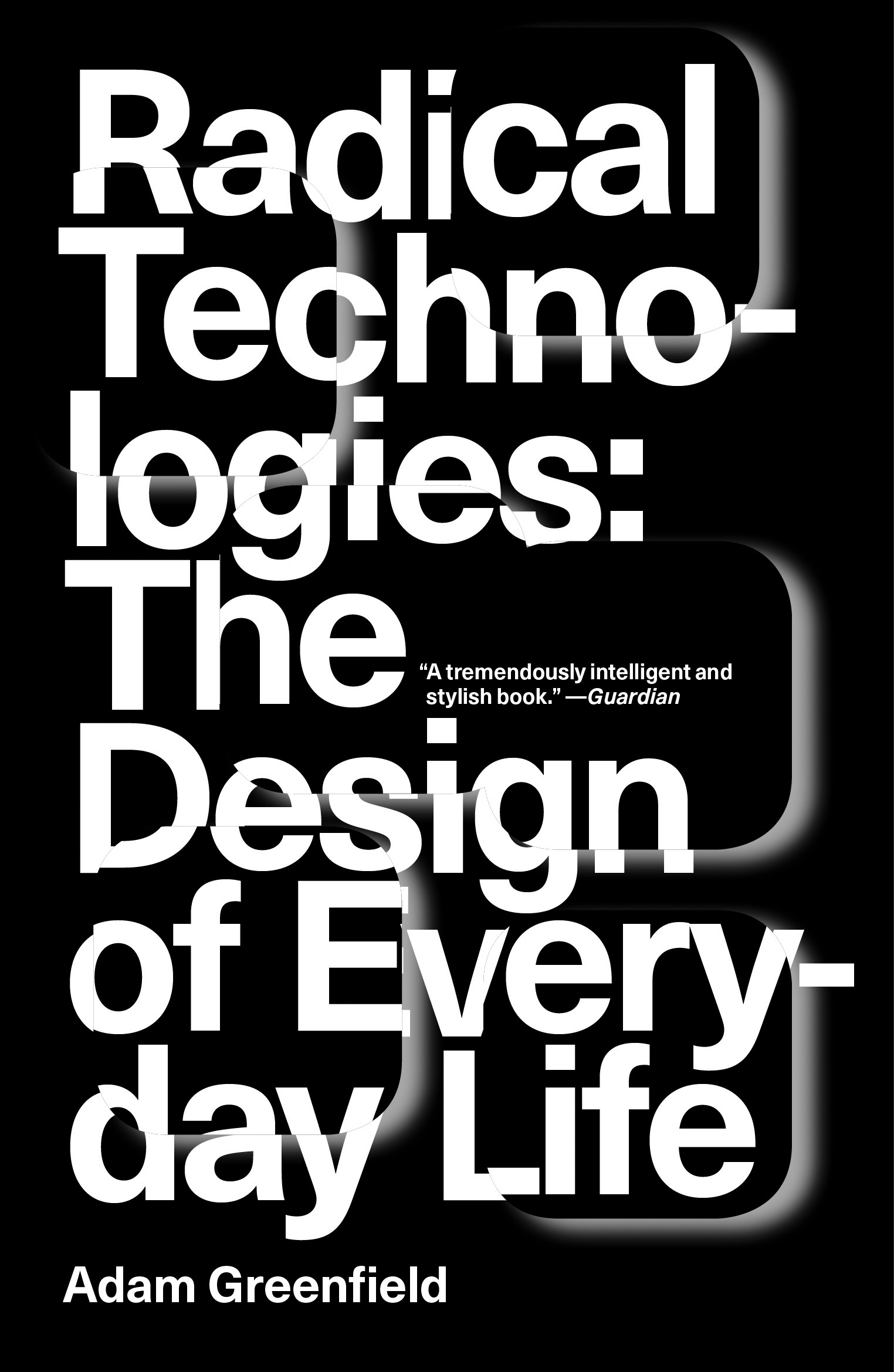
Radical Technologies A field manual to the technologies that are transforming our lives Everywhere we turn, a startling new device promises to transfigure our lives. But at what cost? In this urgent and revelatory excavation of our Information Age, leading technology thinker Adam Greenfield forces us to reconsider our relationship with the networked objects, services and spaces that define us. It is time to re-evaluate the Silicon Valley consensus determining the future. We already depend on the smartphone to navigate every aspect of our existence. We’re told that innovations—from augmented-reality interfaces and virtual assistants to autonomous delivery drones and self-driving cars—will make life easier, more convenient and more productive. 3D printing promises unprecedented control over the form and distribution of matter, while the blockchain stands to revolutionize everything from the recording and exchange of value to the way we organize the mundane realities of the day to day. And, all the while, fiendishly complex algorithms are operating quietly in the background, reshaping the economy, transforming the fundamental terms of our politics and even redefining what it means to be human. Having successfully colonized everyday life, these radical technologies are now conditioning the choices available to us in the years to come. How do they work? What challenges do they present to us, as individuals and societies? Who benefits from their adoption? In answering these questions, Greenfield’s timely guide clarifies the scale and nature of the crisis we now confront —and offers ways to reclaim our stake in the future. POLITICAL SCIENCE,Public Policy,Science & Technology Policy
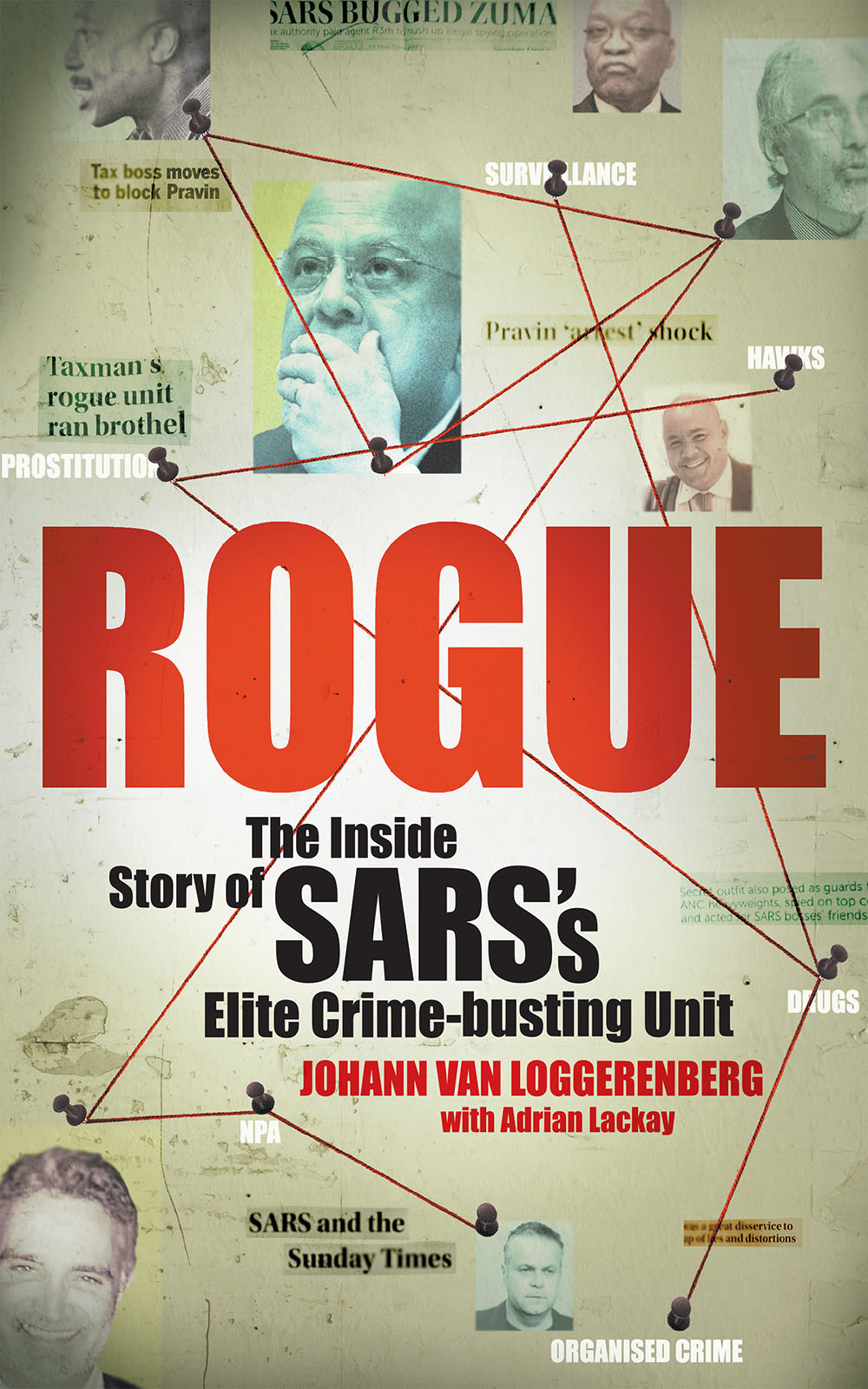
Rogue The story of a ‘rogue unit’ operating within the South African Revenue Service (SARS) became entrenched in the public mind following a succession of sensational reports published by the Sunday Times in 2014. The unit, the reports claimed, had carried out a series of illegal spook operations: they had spied on President Jacob Zuma, run a brothel, illegally bought spyware and entered into unlawful tax settlements. In a plot of Machiavellian proportions, head of the elite crime-busting unit Johann van Loggerenberg and many of SARS’s top management were forced to resign. Van Loggerenberg’s select team of investigators, with their impeccable track record of busting high-level financial fraudsters and nailing tax criminals, lost not only their careers but also their reputations.Now, in this extraordinary account, they finally get to put the record straight and the rumours to rest: there was no ‘rogue unit’. The public had been deceived, seemingly by powers conspiring to capture SARS for their own ends. Shooting down the allegations he has faced one by one, Van Loggerenberg tells the story of what really happened inside SARS, revealing details of some of the unit’s actual investigations. POLITICAL SCIENCE,Public Policy,Science & Technology Policy
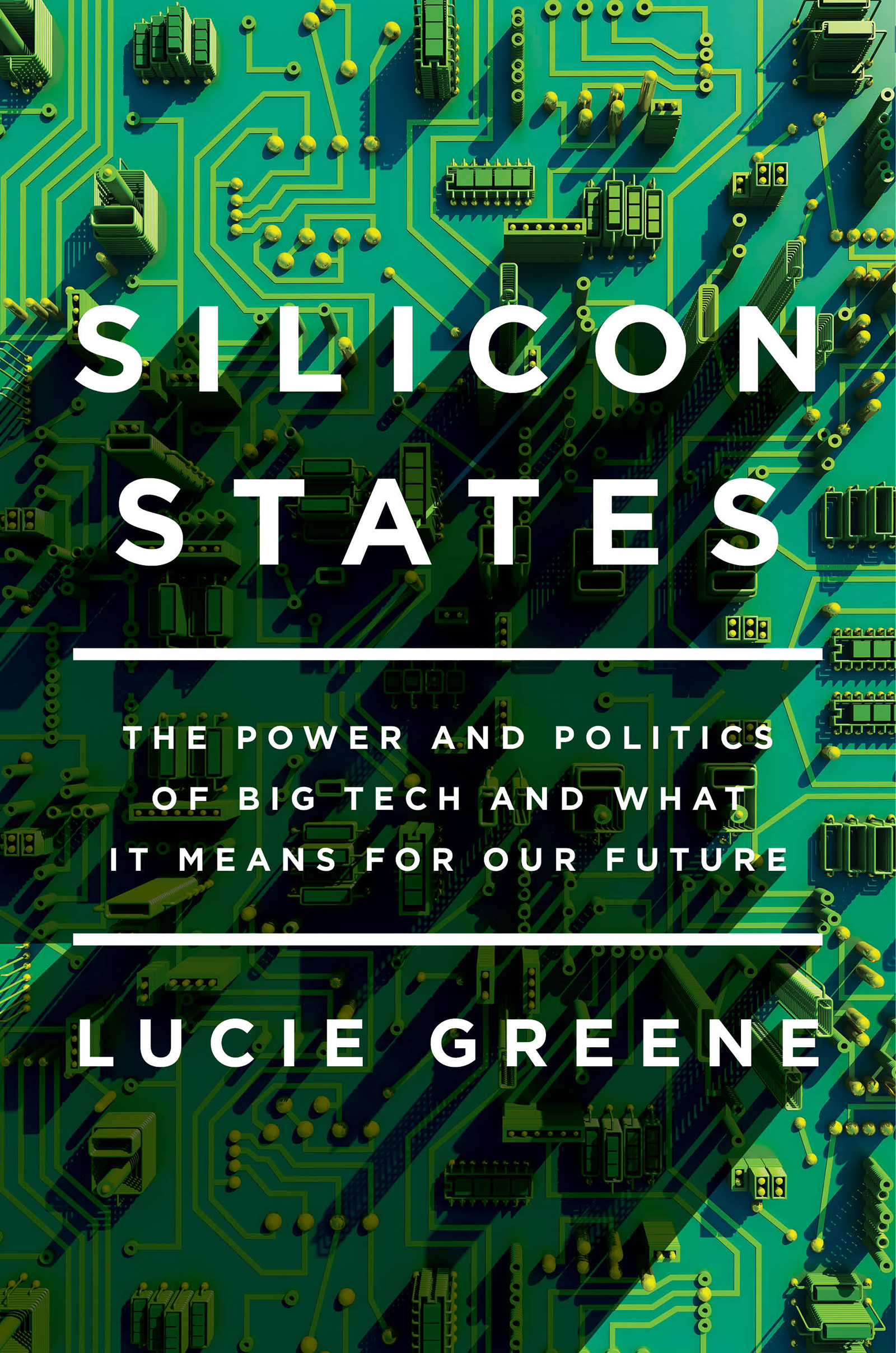
Silicon States Named a Best Book of the Year by Esquire Winner of the 800-CEO-READ Business Book Award in Current Events and Public Affairs A bracing look at how Google, Apple, Amazon, Facebook, and other Silicon Valley power players are using their influence across the globe to encroach upon our civil landscape. POLITICAL SCIENCE,Public Policy,Science & Technology Policy
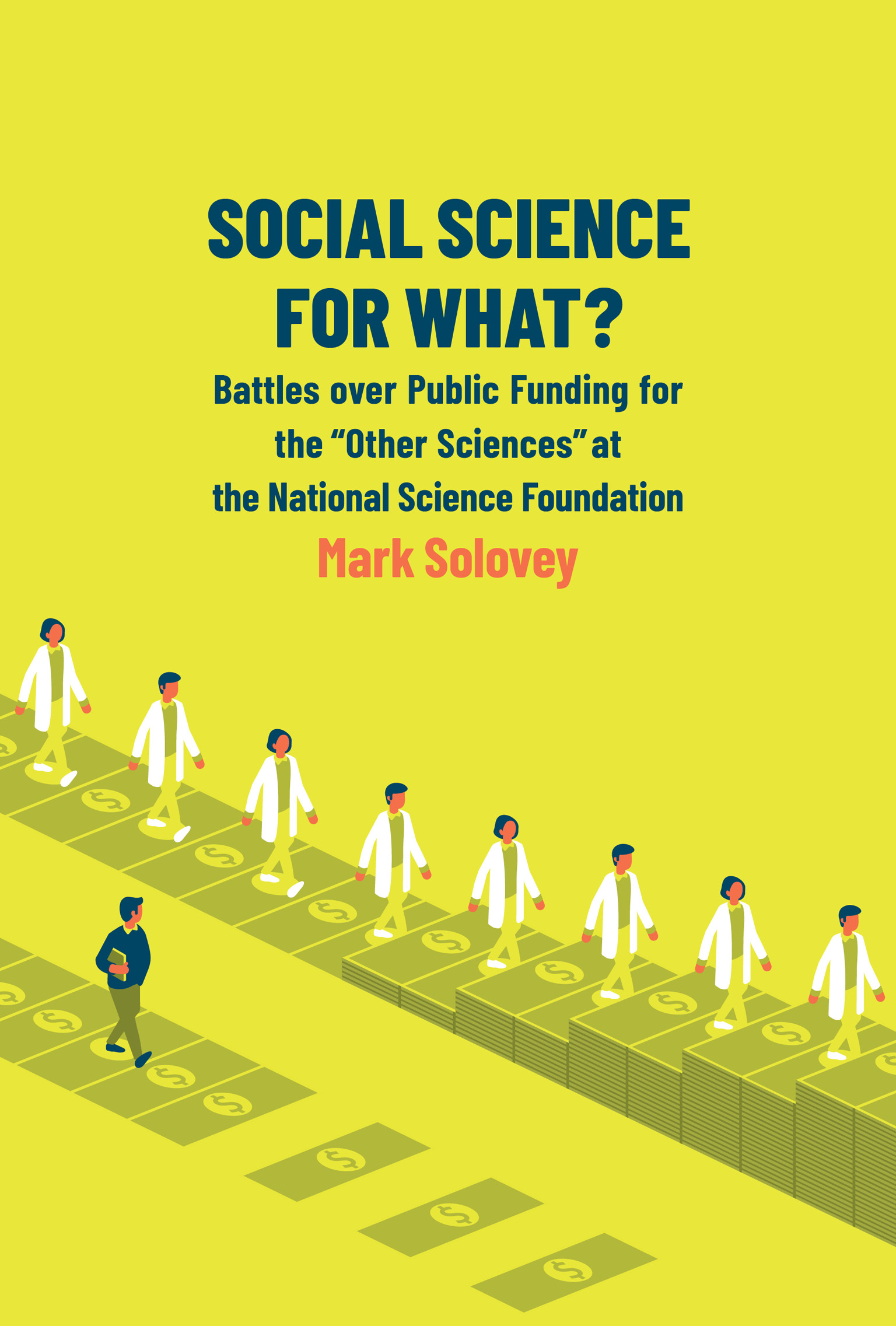
Social Science for What? How the NSF became an important yet controversial patron for the social sciences, influencing debates over their scientific status and social relevance. In the early Cold War years, the U.S. government established the National Science Foundation (NSF), a civilian agency that soon became widely known for its dedication to supporting first-rate science. The agency's 1950 enabling legislation made no mention of the social sciences, although it included a vague reference to "other sciences." Nevertheless, as Mark Solovey shows in this book, the NSF also soon became a major--albeit controversial--source of public funding for them. POLITICAL SCIENCE,Public Policy,Science & Technology Policy
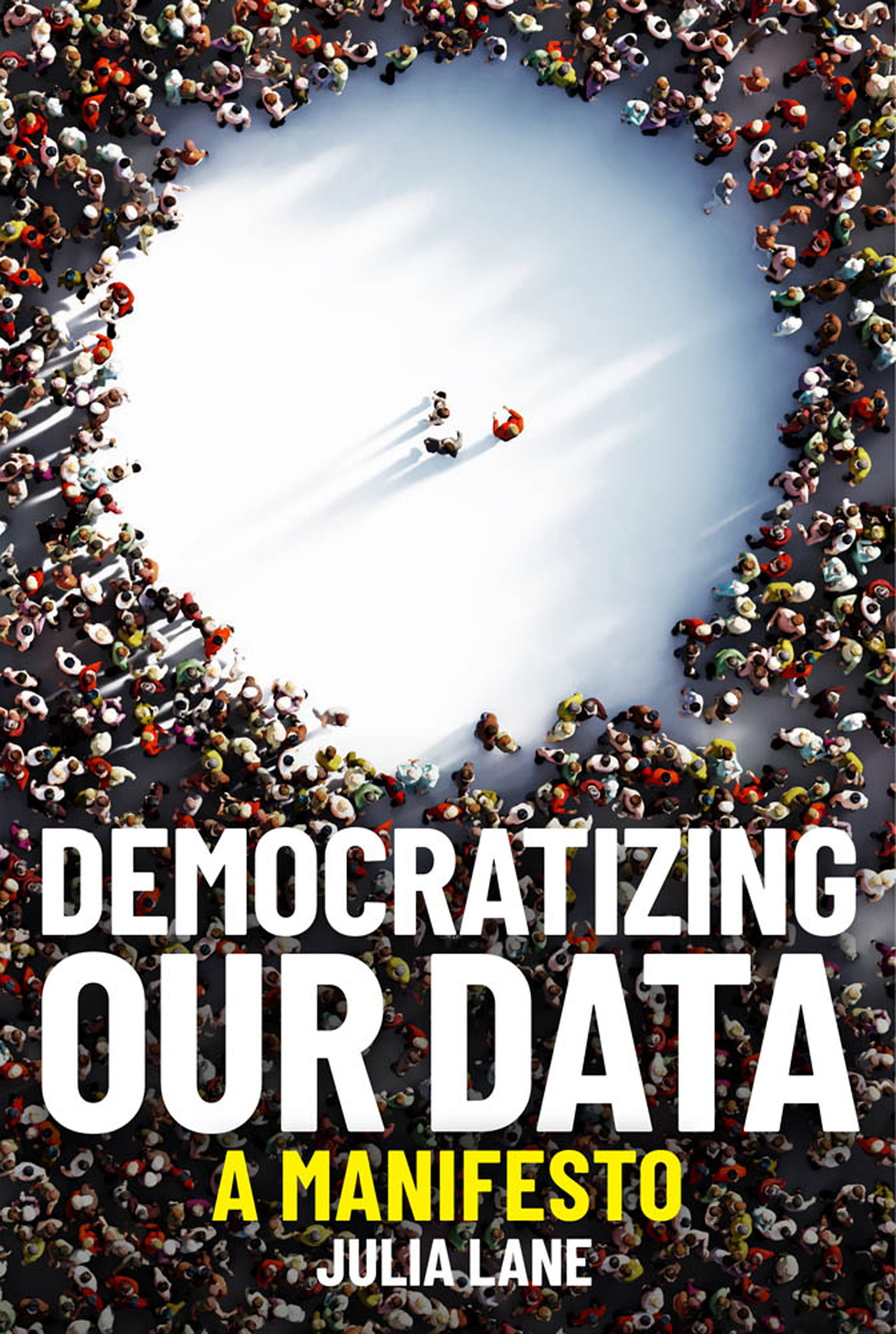
Democratizing Our Data Why America's data system is broken, and how to fix it. Why, with data increasingly important, available, valuable and cheap, are the data produced by the American government getting worse and costing more? State and local governments rely on population data from the US Census Bureau; prospective college students and their parents can check data from the National Center for Education Statistics; small businesses can draw on data about employment and wages from the Bureau of Labor Statistics. But often the information they get is out of date or irrelevant, based on surveys--a form of information gathering notorious for low response rates. In A Data Manifesto, Julia Lane argues that bad data is bad for democracy. Her book is a wake-up call to America to fix its broken public data system. POLITICAL SCIENCE,Public Policy,Science & Technology Policy
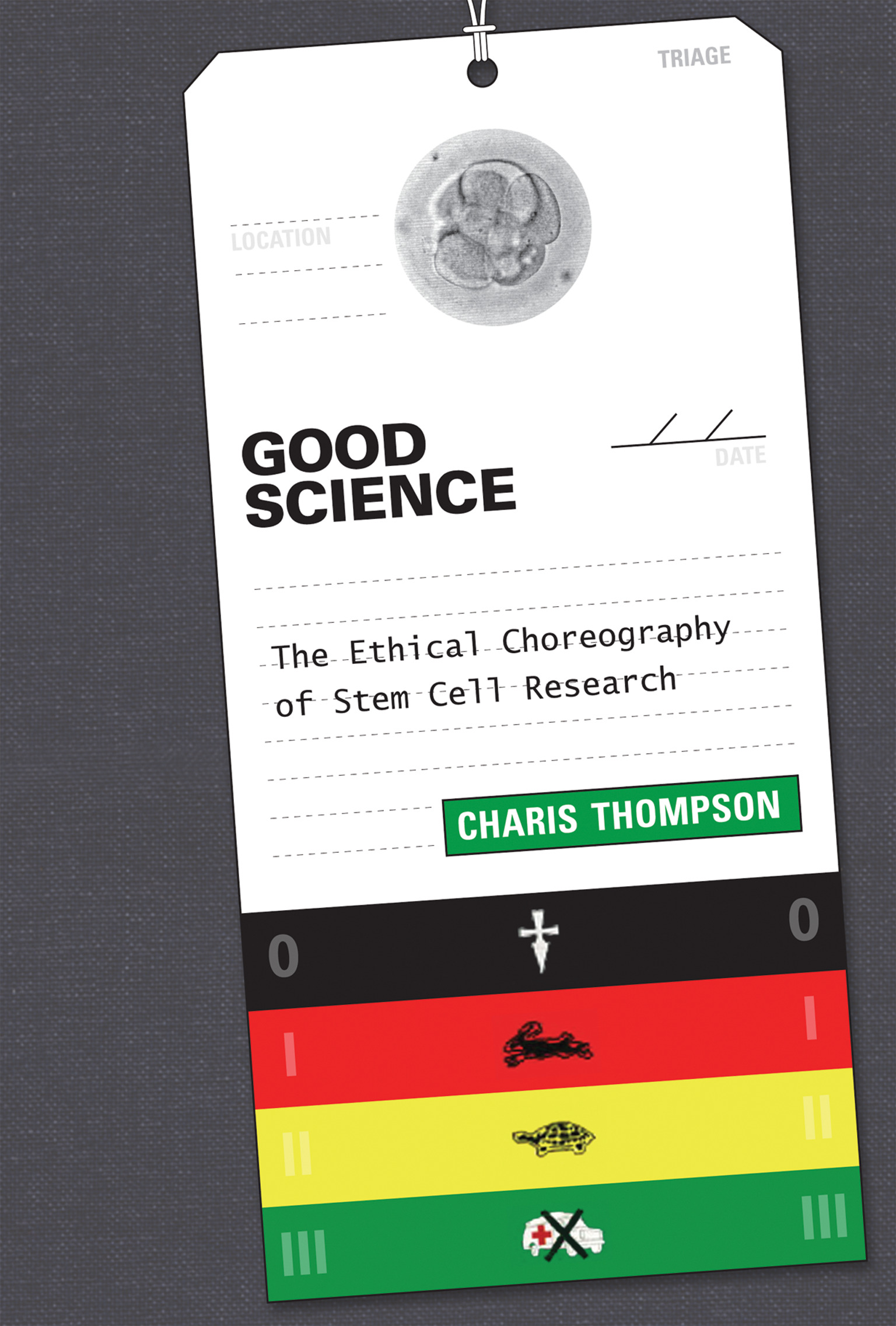
Good Science An examination of a decade and a half of political controversy, ethical debate, and scientific progress in stem cell research. After a decade and a half, human pluripotent stem cell research has been normalized. There may be no consensus on the status of the embryo—only a tacit agreement to disagree—but the debate now takes place in a context in which human stem cell research and related technologies already exist. In this book, Charis Thompson investigates the evolution of the controversy over human pluripotent stem cell research in the United States and proposes a new ethical approach for “good science.” Thompson traces political, ethical, and scientific developments that came together in what she characterizes as a “procurial” framing of innovation, based on concern with procurement of pluripotent cells and cell lines, a pro-cures mandate, and a proliferation of bio-curatorial practices. Thompson describes what she calls the “ethical choreography” that allowed research to go on as the controversy continued. The intense ethical attention led to some important discoveries as scientists attempted to “invent around” ethical roadblocks. Some ethical concerns were highly legible; but others were hard to raise in the dominant procurial framing that allowed government funding for the practice of stem cell research to proceed despite controversy. Thompson broadens the debate to include such related topics as animal and human research subjecthood and altruism. Looking at fifteen years of stem cell debate and discoveries, Thompson argues that good science and good ethics are mutually reinforcing, rather than antithetical, in contemporary biomedicine. POLITICAL SCIENCE,Public Policy,Science & Technology Policy

Authors, Users, and Pirates An examination of subjectivity in copyright law, analyzing authors, users, and pirates through a relational framework. In current debates over copyright law, the author, the user, and the pirate are almost always invoked. Some in the creative industries call for more legal protection for authors; activists and academics promote user rights and user-generated content; and online pirates openly challenge the strict enforcement of copyright law. In this book, James Meese offers a new way to think about these three central subjects of copyright law, proposing a relational framework that encompasses all three. Meese views authors, users, and pirates as interconnected subjects, analyzing them as a relational triad. He argues that addressing the relationships among the three subjects will shed light on how the key conceptual underpinnings of copyright law are justified in practice. Meese presents a series of historical and contemporary examples, from nineteenth-century cases of book abridgement to recent controversies over the reuse of Instagram photos. He not only considers the author, user, and pirate in terms of copyright law, but also explores the experiential element of subjectivity—how people understand and construct their own subjectivity in relation to these three subject positions. Meese maps the emergence of the author, user, and pirate over the first two centuries of copyright's existence; describes how regulation and technological limitations turned people from creators to consumers; considers relational authorship; explores practices in sampling, music licensing, and contemporary art; examines provisions in copyright law for user-generated content; and reimagines the pirate as an innovator. POLITICAL SCIENCE,Public Policy,Science & Technology Policy
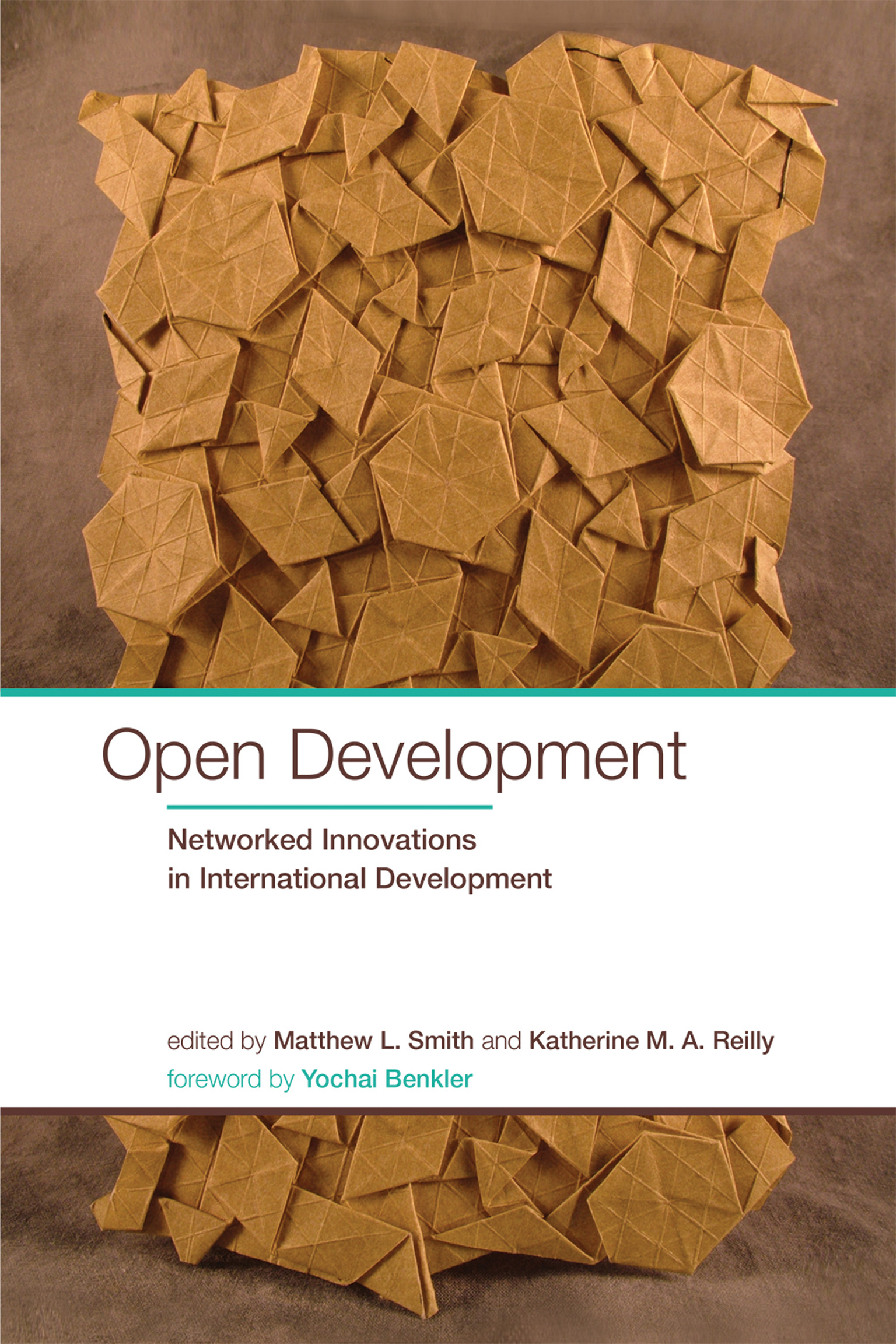
Open Development Experts explore current theory and practice in the application of digitally enabled open networked social models to international development. The emergence of open networked models made possible by digital technology has the potential to transform international development. Open network structures allow people to come together to share information, organize, and collaborate. Open development harnesses this power, to create new organizational forms and improve people's lives; it is not only an agenda for research and practice but also a statement about how to approach international development. In this volume, experts explore a variety of applications of openness, addressing challenges as well as opportunities. Open development requires new theoretical tools that focus on real world problems, consider a variety of solutions, and recognize the complexity of local contexts. After exploring the new theoretical terrain, the book describes a range of cases in which open models address such specific development issues as biotechnology research, improving education, and access to scholarly publications. Contributors then examine tensions between open models and existing structures, including struggles over privacy, intellectual property, and implementation. Finally, contributors offer broader conceptual perspectives, considering processes of social construction, knowledge management, and the role of individual intent in the development and outcomes of social models. Contributors Carla Bonina, Ineke Buskens, Leslie Chan, Abdallah Daar, Jeremy de Beer, Mark Graham, Eve Gray, Anita Gurumurthy, Havard Haarstad, Blane Harvey, Myra Khan, Melissa Loudon, Aaron K. Martin, Hassan Masum, Chidi Oguamanam, Katherine M. A. Reilly, Ulrike Rivett, Karl Schroeder, Parminder Jeet Singh, Matthew L. Smith, Marshall S. Smith Copublished with the International Development Research Centre of Canada (IDRC) POLITICAL SCIENCE,Public Policy,Science & Technology Policy
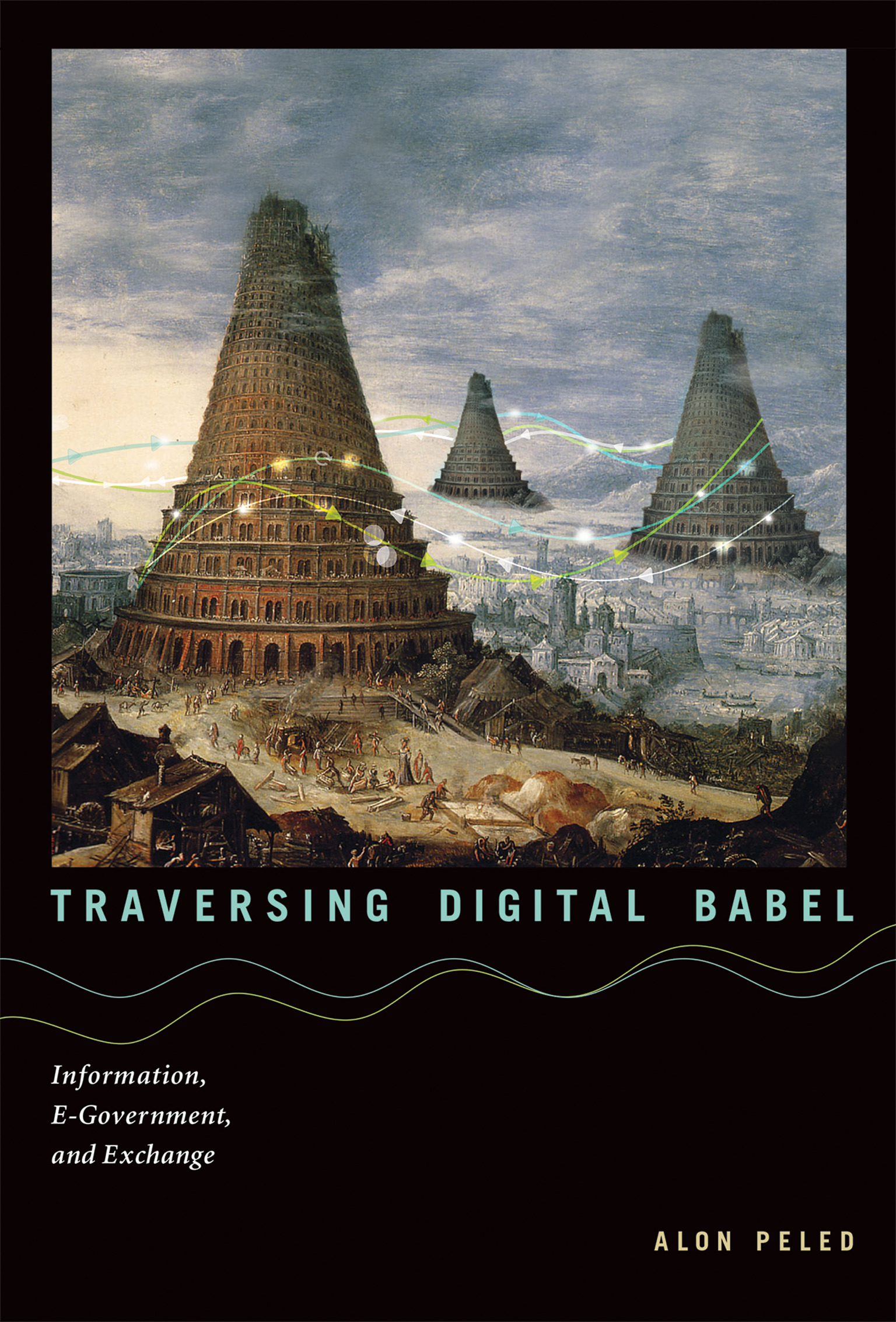
Traversing Digital Babel A groundbreaking approach to information sharing among government agencies: using selective incentives to “nudge” them to exchange information assets. The computer systems of government agencies are notoriously complex. New technologies are piled on older technologies, creating layers that call to mind an archaeological dig. Obsolete programming languages and closed mainframe designs offer barriers to integration with other agency systems. Worldwide, these unwieldy systems waste billions of dollars, keep citizens from receiving services, and even—as seen in interoperability failures on 9/11 and during Hurricane Katrina—cost lives. In this book, Alon Peled offers a groundbreaking approach for enabling information sharing among public sector agencies: using selective incentives to “nudge” agencies to exchange information assets. Peled proposes the establishment of a Public Sector Information Exchange (PSIE), through which agencies would trade information. After describing public sector information sharing failures and the advantages of incentivized sharing, Peled examines the U.S. Open Data program, and the gap between its rhetoric and results. He offers examples of creative public sector information sharing in the United States, Australia, Brazil, the Netherlands, and Iceland. Peled argues that information is a contested commodity, and draws lessons from the trade histories of other contested commodities—including cadavers for anatomical dissection in nineteenth-century Britain. He explains how agencies can exchange information as a contested commodity through a PSIE program tailored to an individual country's needs, and he describes the legal, economic, and technical foundations of such a program. Touching on issues from data ownership to freedom of information, Peled offers pragmatic advice to politicians, bureaucrats, technologists, and citizens for revitalizing critical information flows. POLITICAL SCIENCE,Public Policy,Science & Technology Policy

Protecting Children Online? A critical examination of efforts by social media companies—including Facebook, Twitter, Snapchat, and Instagram—to rein in cyberbullying by young users. High-profile cyberbullying cases often trigger exaggerated public concern about children's use of social media. Large companies like Facebook respond by pointing to their existing anti-bullying mechanisms or coordinate with nongovernmental organizations to organize anti-cyberbullying efforts. Do these attempts at self-regulation work? In this book, Tijana Milosevic examines the effectiveness of efforts by social media companies—including Facebook, Twitter, YouTube, Snapchat, and Instagram—to rein in cyberbullying by young users. Milosevic analyzes the anti-bullying policies of fourteen major social media companies, as recorded in companies' corporate documents, draws on interviews with company representatives and e-safety experts, and details the roles of nongovernmental organizations examining their ability to provide critical independent advice. She draws attention to lack of transparency in how companies handle bullying cases, emphasizing the need for a continuous independent evaluation of effectiveness of companies' mechanisms, especially from children's perspective. Milosevic argues that cyberbullying should be viewed in the context of children's rights and as part of the larger social problem of the culture of humiliation. Milosevic looks into five digital bullying cases related to suicides, examining the pressures on the social media companies involved, the nature of the public discussion, and subsequent government regulation that did not necessarily address the problem in a way that benefits children. She emphasizes the need not only for protection but also for participation and empowerment—for finding a way to protect the vulnerable while ensuring the child's right to participate in digital spaces. POLITICAL SCIENCE,Public Policy,Science & Technology Policy

Humanity Enhanced An argument that modern liberal democracies should tolerate human enhancement technologies, answering key objections by critics of these practices. Emerging biotechnologies that manipulate human genetic material have drawn a chorus of objections from politicians, pundits, and scholars. In Humanity Enhanced, Russell Blackford eschews the heated rhetoric that surrounds genetic enhancement technologies to examine them in the context of liberal thought, discussing the public policy issues they raise from legal and political perspectives. Some see the possibility of genetic choice as challenging the values of liberal democracy. Blackford argues that the challenge is not, as commonly supposed, the urgent need for a strict regulatory action. Rather, the challenge is that fear of these technologies has created an atmosphere in which liberal tolerance itself is threatened. Focusing on reproductive cloning, pre-implantation genetic diagnosis of embryos, and genetic engineering, Blackford takes on objections to enhancement technologies (raised by Jürgen Habermas and others) based on such concerns as individual autonomy and distributive justice. He argues that some enhancements would be genuinely beneficial, and that it would be justified in some circumstances even to exert pressure on parents to undertake genetic modification of embryos. Blackford argues against draconian suppression of human enhancement, although he acknowledges that some specific and limited regulation may be required in the future. More generally, he argues, liberal democracies would demonstrate liberal values by tolerating and accepting the emerging technologies of genetic choice. POLITICAL SCIENCE,Public Policy,Science & Technology Policy

Pirate Politics An examination of the Pirate political movement in Europe analyzes its advocacy for free expression and the preservation of the Internet as a commons. The Swedish Pirate Party emerged as a political force in 2006 when a group of software programmers and file-sharing geeks protested the police takedown of The Pirate Bay, a Swedish file-sharing search engine. The Swedish Pirate Party, and later the German Pirate Party, came to be identified with a “free culture” message that came into conflict with the European Union's legal system. In this book, Patrick Burkart examines the emergence of Pirate politics as an umbrella cyberlibertarian movement that views file sharing as a form of free expression and advocates for the preservation of the Internet as a commons. He links the Pirate movement to the Green movement, arguing that they share a moral consciousness and an explicit ecological agenda based on the notion of a commons, or public domain. The Pirate parties, like the Green Party, must weigh ideological purity against pragmatism as they move into practical national and regional politics. Burkart uses second-generation critical theory and new social movement theory as theoretical perspectives for his analysis of the democratic potential of Pirate politics. After setting the Pirate parties in conceptual and political contexts, Burkart examines European antipiracy initiatives, the influence of the Office of the U.S. Trade Representative, and the pressure exerted on European governance by American software and digital exporters. He argues that pirate politics can be seen as “cultural environmentalism,” a defense of Internet culture against both corporate and state colonization. POLITICAL SCIENCE,Public Policy,Science & Technology Policy
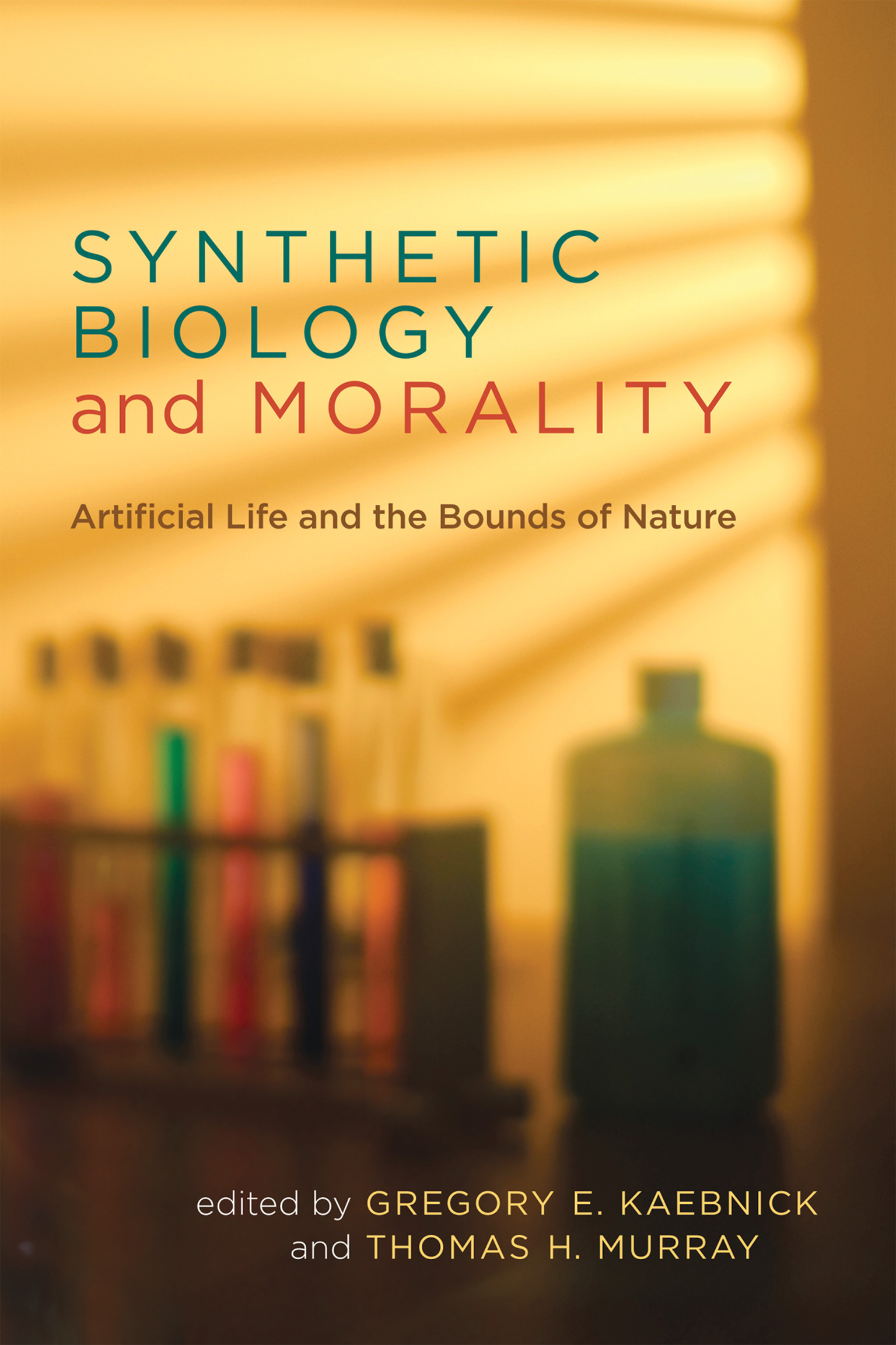
Synthetic Biology and Morality A range of views on the morality of synthetic biology and its place in public policy and political discourse. Synthetic biology, which aims to design and build organisms that serve human needs, has potential applications that range from producing biofuels to programming human behavior. The emergence of this new form of biotechnology, however, raises a variety of ethical questions—first and foremost, whether synthetic biology is intrinsically troubling in moral terms. Is it an egregious example of scientists “playing God”? Synthetic Biology and Morality takes on this threshold ethical question, as well as others that follow, offering a range of philosophical and political perspectives on the power of synthetic biology. The contributors consider the basic question of the ethics of making new organisms, with essays that lay out the conceptual terrain and offer opposing views of the intrinsic moral concerns; discuss the possibility that synthetic organisms are inherently valuable; and address whether, and how, moral objections to synthetic biology could be relevant to policy making and political discourse. Variations of these questions have been raised before, in debates over other biotechnologies, but, as this book shows, they take on novel and illuminating form when considered in the context of synthetic biology. Contributors John Basl, Mark A. Bedau, Joachim Boldt, John H. Evans, Bruce Jennings, Gregory E. Kaebnick, Ben Larson, Andrew Lustig, Jon Mandle, Thomas H. Murray, Christopher J. Preston, Ronald Sandler POLITICAL SCIENCE,Public Policy,Science & Technology Policy

Bioinformatics For Dummies Were you always curious about biology but were afraid to sit through long hours of dense reading? Did you like the subject when you were in high school but had other plans after you graduated? Now you can explore the human genome and analyze DNA without ever leaving your desktop! Bioinformatics For Dummies is packed with valuable information that introduces you to this exciting new discipline. This easy-to-follow guide leads you step by step through every bioinformatics task that can be done over the Internet. Forget long equations, computer-geek gibberish, and installing bulky programs that slow down your computer. You’ll be amazed at all the things you can accomplish just by logging on and following these trusty directions. You get the tools you need to: Analyze all types of sequences Use all types of databases Work with DNA and protein sequences Conduct similarity searches Build a multiple sequence alignment Edit and publish alignments Visualize protein 3-D structures Construct phylogenetic trees This up-to-date second edition includes newly created and popular databases and Internet programs as well as multiple new genomes. It provides tips for using servers and places to seek resources to find out about what’s going on in the bioinformatics world. Bioinformatics For Dummies will show you how to get the most out of your PC and the right Web tools so you’ll be searching databases and analyzing sequences like a pro! SCIENCE,Biotechnology

Molecular Farming Here, authors from academia and industry provide an exciting overview of current production technologies and the fascinating possibilities for future applications. Topics include chloroplast-derived antibodies, biopharmaceuticals and edible vaccines, production of antibodies in plants and plant cell suspension cultures, production of spider silk proteins in plants, and glycosylation of plant produced proteins. The whole is rounded off by chapters on the demands and expectations made on molecular farming by pharmaceutical corporations and the choice of crop species in improving recombinant protein levels. Of interest to biotechnologists, gene technologists, molecular biologists and protein biochemists in university as well as the biotechnological and pharmaceutical industries. SCIENCE,Biotechnology

Our Posthuman Future In 1989, Francis Fukuyama made his now-famous pronouncement that because "the major alternatives to liberal democracy had exhausted themselves," history as we knew it had reached its end. Ten years later, he revised his argument: we hadn't reached the end of history, he wrote, because we hadn't yet reached the end of science. Arguing that our greatest advances still to come will be in the life sciences, Fukuyama now asks how the ability to modify human behavior will affect liberal democracy. To re-orient contemporary debate, Fukuyama underlines man's changing understanding of human nature through history: from Plato and Aristotle's belief that man had "natural ends," to the ideals of utopians and dictators of the modern age who sought to remake mankind for ideological ends. Fukuyama persuasively argues that the ultimate prize of the biotechnology revolution-intervention in the "germ-line," the ability to manipulate the DNA of all of one person's descendents-will have profound, and potentially terrible, consequences for our political order, even if undertaken by ordinary parents seeking to "improve" their children. In Our Posthuman Future, our greatest social philosopher begins to describe the potential effects of exploration on the foundation of liberal democracy: the belief that human beings are equal by nature. SCIENCE,Biotechnology

Medical Device Technologies Medical Device Technologies introduces undergraduate engineering students to commonly manufactured medical devices. It is the first textbook that discusses both electrical and mechanical medical devices. The first 20 chapters are medical device technology chapters; the remaining eight chapters focus on medical device laboratory experiments. Each medical device chapter begins with an exposition of appropriate physiology, mathematical modeling or biocompatibility issues, and clinical need. A device system description and system diagram provide details on technology function and administration of diagnosis and/or therapy. The systems approach lets students quickly identify the relationships between devices. Device key features are based on five applicable consensus standard requirements from organizations such as ISO and the Association for the Advancement of Medical Instrumentation (AAMI). The medical devices discussed are Nobel Prize or Lasker Clinical Prize winners, vital signs devices, and devices in high industry growth areas Three significant Food and Drug Administration (FDA) recall case studies which have impacted FDA medical device regulation are included in appropriate device chapters Exercises at the end of each chapter include traditional homework problems, analysis exercises, and four questions from assigned primary literature Eight laboratory experiments are detailed that provide hands-on reinforcement of device concepts SCIENCE,Biotechnology

Frankenstein's Cat Winner of 2014 AAAS/Subaru SB&F Prize for Best Young Adult Science Book Longlisted for the PEN/E.O. Wilson Literary Science Writing Award One of Nature's Summer Book Picks One of Publishers Weekly's Top Ten Spring 2013 Science Books For centuries, we've toyed with our creature companions, breeding dogs that herd and hunt, housecats that look like tigers, and teacup pigs that fit snugly in our handbags. But what happens when we take animal alteration a step further, engineering a cat that glows green under ultraviolet light or cloning the beloved family Labrador? Science has given us a whole new toolbox for tinkering with life. How are we using it? In Frankenstein's Cat, the journalist Emily Anthes takes us from petri dish to pet store as she explores how biotechnology is shaping the future of our furry and feathered friends. As she ventures from bucolic barnyards to a "frozen zoo" where scientists are storing DNA from the planet's most exotic creatures, she discovers how we can use cloning to protect endangered species, craft prosthetics to save injured animals, and employ genetic engineering to supply farms with disease-resistant livestock. Along the way, we meet some of the animals that are ushering in this astonishing age of enhancement, including sensor-wearing seals, cyborg beetles, a bionic bulldog, and the world's first cloned cat. Through her encounters with scientists, conservationists, ethicists, and entrepreneurs, Anthes reveals that while some of our interventions may be trivial (behold: the GloFish), others could improve the lives of many species-including our own. So what does biotechnology really mean for the world's wild things? And what do our brave new beasts tell us about ourselves? With keen insight and her trademark spunk, Anthes highlights both the peril and the promise of our scientific superpowers, taking us on an adventure into a world where our grandest science fiction fantasies are fast becoming reality. SCIENCE,Biotechnology

Fundamentals of Enzyme Kinetics Now in its fourth edition, this textbook is one of the few titles worldwide to cover enzyme kinetics in its entire scope and the only one to include its implications for bioinformatics and systems biology. Multi-enzyme complexes and cooperativity are therefore treated in more detail than in any other textbook on the market. The respected and well known author is one of the most experienced researchers into the topic and writes with outstanding style and didactic clarity. As with the previous editions, he presents here steady-state kinetics and fast reactions, supplementing each chapter with problems and solutions. For the first time, this edition features a companion website providing all figures in colour www.wiley-vch.de/home/fundenzykinet SCIENCE,Biotechnology

Mesenchymal Stem Cells and Skeletal Regeneration This book covers our current understanding of the role of mesenchymal stem cells (MSCs) and other mesenchymal progenitors in skeletal regeneration, encompassing bone, cartilage and whole joint regeneration. The expansion reflects developments in the field to include data on the use of MSCs in drug development, growth factors, scaffolds and biomechanical manipulations for skeletal trauma and diseases, including osteoporosis and arthritis. Written for an audience of clinicians and young researchers who are exposed to MSCs in their work, this work summarizes recent findings pertaining to the definition and characterization of MSCs in skeletal tissues and discusses the mechanisms of their actions in regeneration of bone in vivo. The authors describe recent findings pertaining to the efficacy of MSC therapies in animal models and in human clinical trials and bring together literature showing that the ways MSCs are extracted, expanded and implanted can considerably affect bone formation outcomes. Finally, it presents the latest knowledge on the nature of native MSCs in skeletal tissues, which provide a platform for novel in situ tissue regeneration approaches for systemic bone disease such as osteoporosis. Focuses specifically on the use of stem cells in skeletal tissue generation for a broad audience of stem cell, cancer, and bone biologists, orthopedists, oncologists, and regenerative medicine specialists Provides a short historical ‘detour’ and foundational information on founding concepts, discoveries and personalities in MSC research Assists a new generation of scientists and clinicians in digesting the multitude of journal articles on the topic by providing easily-absorbed and condensed foundational context SCIENCE,Biotechnology

Frontiers in Biosensorics I Volume I provides an in-depth discussion of the most recent developments of crucical biosensor components. It concentrates on the interface between the analyte phase and the detector, namely, the implementation of novel recognition elements, including nucleic acids, and of leading-edge technology in the construction of responsive thin layers. Thus, the reader can obtain a foretaste of achievable future progress in the field. SCIENCE,Biotechnology

Lactoferrin The number of investigators focusing their attention on lactoferrin has increased dramatically in recent years. Lactoferrin is a protein with more than one known structure and a number of proposed biological functions, including several with important regulatory consequences. In many ways it has been an easy pro tein to investigate; however, there have been difficulties under standing specific structure / function relationships, particularly as it functions in vivo. Research funding dedicated to this protein has previously been limited, but is now increasing. As lactoferrin begins to emerge formally as a protein of significance to the medi and industry, it is more important than ever to coor cal profession dinate and integrate research efforts whenever possible and to share the results of these efforts within the expanding array of medical and scientific diSciplines involved. It was our intention to provide a forum to summarize and disseminate the most recent advances in this field. Included in Lactoferrin: Interactions and Biological Functions are selected presentations representing the many disciplines involved in defining lactoferrin function in terms of its known structural features, including its carbohydrate side-chains, receptor binding sites, its capacity to bind different metal ions, and other newly discovered bioactive domains. Several of the possible physiologi cal functions of lactoferrin are described and summarized in detail, including the role of laetoferrin in bacterial killing, its in volvement in cell growth and proliferation, in the modulation of immune function, and in iron absorption. SCIENCE,Biotechnology

Applied Electrostatic Precipitation Many industrial, power generation and chemical processes produce unwanted fine particulate material as a consequence of their operation. Electrostatic precipitation is a highly efficient method of removing entrained particulate contaminants from exhaust gases and is extensively used in these industries to limit particulate emissions. New legislation aimed at improving the environment by further limiting these discharges has resulted in the technique undergoing considerable development over the past decade, to the point where it has become the method of choice, over a wide range of applications, for limiting particulate discharges. In this new book, the editor has brought together an international team of contributors, mainly industrialists and consultants, to produce an authorative and practical guide to electrostatic precipitation. This book is of interest to all those in process industries or power generation and to academics concerned with gas cleaning and environmental issues. SCIENCE,Biotechnology

Chemistry and Technology of Water Based Inks This book has been a long time in the making. Since its beginning the concept has been refined many times. This is a first attempt at a technical book for me and fortunately the goals I have set have been achieved. I have been involved in water based ink evaluation since its unclear begin nings in the early 1970s. This book is fashioned much like a loose-leaf binder I had put together for early reference and guidance. The format has worked for me over the years; I trust it will work for you. I would like to thank the many people who made this book possible, particularly Blackie Academic & Professional for their saint-like patience. Thanks again to W.B. Thiele (Thiele-Engdahl), to Lucille, my wife, and to James and Frank, my two boys. A final and special thank you to Richard Bach who taught me there are no limits. SCIENCE,Biotechnology

Handbook of Downstream Processing The last two decades have seen a phenomenal growth of the field of genetic or biochemical engineering and have witnessed the development and ultimately marketing of a variety of products-typically through the manipulation and growth of different types of microorganisms, followed by the recovery and purification of the associated products. The engineers and biotechnologists who are involved in the full-scale process design of such facilities must be familiar with the variety of unit operations and equipment and the applicable regulatory requirements. This book describes current commercial practice and will be useful to those engineers working in this field in the design, construction and operation of pharmaceutical and biotechnology plants. It will be of help to the chemical or pharmaceutical engineer who is developing a plant design and who faces issues such as: Should the process be batch or continuous or a combination of batch and continuous? How should the optimum process design be developed? Should one employ a new revolutionary separation which could be potentially difficult to validate or use accepted technology which involves less risk? Should the process be run with ingredients formulated from water for injection, deionized water, or even filtered tap water? Should any of the separations be run in cold rooms or in glycol jacketed lines to minimize microbial growth where sterilization is not possible? Should the process equipment and lines be designed to be sterilized in-place, cleaned-in-place, or should every piece be broken down, cleaned and autoclaved after every turn? SCIENCE,Biotechnology

Handbook of Batch Process Design Batch processes are used to manufacture many fine organic chemicals, and as such they can be considered to underpin much of the modern chemical industry. Despite widespread use and a consequent huge contribution to wealth creation, batch processes have attracted limited attention outside the user industries. Batch chemicals processing uses a number of core techniques and technologies, such as scheduling and sequence control, agitation and batch filtration. The combination of these technologies with often complex chemistry, the multi-purpose nature of much of this type of plant, the distinctive safety and environmental issues, and a fast moving commercial environment makes the development of a successful batch process a considerable challenge for the chemist or engineer. The literature on the topics covered in this book is fragmented and often not easily accessible, so this handbook has been written to address this problem and to bring together design and process analysis methods in the core areas of batch process design. By combining the science and pragmatism required in the development of successful batch processes this new book provides answers to real problems in an accessible and concise way. Written by an international team of authors drawn from industry, consulting and academe, this book is an essential part of the library of any chemist, technologist or engineer working on the development of new or existing batch processes. SCIENCE,Biotechnology

Biotechnology for Fuels and Chemicals BRIAN H. DAVISON Oak Ridge National Laboratory MARK FINKELSTEIN National Renewable Energy Laboratory CHARLES E. WYMAN Oak Ridge National Laboratory The Eighteenth Symposium on Biotechnology for Fuels and Chemi cals continues to provide a forum for the presentation of research results and the exchange of ideas on advances in biotechnology for the produc tion of fuels and chemicals. Although the emphasis is on utilization of renewable resources, the scope of the Symposium is broader than this and includes bioconversion of fossil fuels and syngas and the new area of conversions in nonaqueous environments; these areas were discussed in Session 5 and in a Special Topic Discussion Group at the Symposium. In addition, recent developments in bioremediation were well represented in Session 6 and in the poster session. The Symposium involved both the development of new biological agents (such as enzymes or microbes) to carry out targeted conversions as well as bioprocess development. The first area covered improvements in enzymes as well as fundamental insights into substrate-enzyme inter actions and photosynthesis. The latter area focused on converting one material into another using biological agents through combinations of chemical engineering, biological sciences, and fermentation technology. This area also refers to an overall processing involving at least one bio logically catalyzed step in combination with other physical and/ or chemi cal processing operations. Agricultural crops, such as corn and corn fiber as well as woody biomass and lignocellulosic wastes, are emphasized for process feedstocks and their pretreatment investigated. SCIENCE,Biotechnology

Circulating Fluidized Beds Since the late 1970s there has been an explosion of industrial and academic interest in circulating fluidized beds. In part, the attention has arisen due to the environmental advantages associated with CFB (circulating . fluidized bed) combustion systems, the incorporation of riser reactors employing cir culating fluidized bed technology in petroleum refineries for fluid catalytic cracking and, to a lesser extent, the successes of CFB technology for calcina tion reactions and Fischer-Tropsch synthesis. In part, it was also the case that too much attention had been devoted to bubbling fluidized beds and it was time to move on to more complex and more advantageous regime,S of operation. Since 1980 a number of CFB processes have been commercialized. There have been five successful International Circulating Fluidized Bed Confer ences beginning in 1985, the most recent taking place in Beijing in May 1996. In addition, we have witnessed a host of other papers on CFB funda mentals and applications in journals and other archival publications. There have also been several review papers and books on specific CFB topics. However, there has been no comprehensive book reviewing the field and attempting to provide an overview of both fundamentals and applications. The purpose of this book is to fill this vacuum. SCIENCE,Biotechnology

Nonconventional Yeasts in Biotechnology Nonconventional yeasts - all yeasts other than S. cerevisiae and S. pombe - are attracting increasing attention in basic research and biotechnological applications. Due to their exceptional metabolic pathways, they have been used in various biotechnological processes for producing foods or food additives, drugs or a variety of biochemicals.This book is the first to extensively cover nonconventional yeasts. In addition to useful background information detailed protocols are included, allowing investigation of basic and applied aspects of a wide range of nonconventional yeast species. SCIENCE,Biotechnology

Pollen Biotechnology The last decade has seen tremendous progress in our knowledge of the pollen development and gene expression on one hand and the characterization of pollen specific proteins on the other. In compiling the chapters for this volume, we have pragmatically categorized these basic developments in pollen molecular biology and biotechnology into two sections based on their applications in agricul ture and implications in medicine. Pollen developmental biology and gene expression: applications in agricul ture. Pollen development is an extremely complex process encompassing a series of biochemical, physiological and genetic events. At the basic level, sporophyt ically expressed genes may expound our knowledge of unique processes of cellular differentiation which ultimately give rise to a full-fledged organism. At the applied level, the studies on the pollen and male sporophyte-specific gene expression, and of promoters and transcription factors of relevant genes have the potential to manipulate the fertility in certain cash crops leading to agricultural biotechnology. SCIENCE,Biotechnology

Industrial Membrane Separation Technology Membrane science and technology is an expanding field and has become a prominent part of many activities within the process industries. It is relatively easy to identify the success stories of membranes such as desali nation and microfiltration and to refer to others as developing areas. This, however, does not do justice to the wide field of separations in which membranes are used. No other 'single' process offers the same potential and versatility as that of membranes. The word separation classically conjures up a model of removing one component or species from a second component, for example a mass transfer process such as distillation. In the field of synthetic membranes, the terminology 'separation' is used in a wider context. A range of separations of the chemical/mass transfer type have developed around the use of membranes including distillation, extraction, absorption, adsorption and stripping, as well as separations of the physical type such as filtration. Synthetic membranes are an integral part of devices for analysis, energy generation and reactors (cells) in the electrochemical industry. SCIENCE,Biotechnology

Computer and Information Science Applications in Bioprocess Engineering Proceedings of the NATO Advanced Study Institute on `Use of Computer and Informatic Systems in Bioprocess Engineering', Ofir, Portugal, May 18-29, 1992 SCIENCE,Biotechnology

Biotechnology Proteins to PCR 1. Introduction to the Biotechnology Laboratory.- 1.1Overview.- 1.2 Background.- Scope of Biotechnology.- Working in the Biotech-nology Laboratory.- Laboratory Safety.- Notes, Records, and Labels.- Housekeeping.- Preparation and Storage of Buffers.- Preparation and Storage of Media.- Care and Maintenance of Cultures.- General Rules for Protein Handling.- Storage of Nucleic Acids.- 1.3 Experimental Design and Procedures.- Preparation ofYPD and YPG Media.- Streak Plating of Escherichia coli and Saccharomyces carlsbergensis.- Microscopic Observation of Bacteria and Yeast.- Inoculation of YPD and YPG with Saccharomyces carlsbergensis.- Study Questions.- Further Readings.- 2. Introduction to Proteins.- 2.1 Overview.- 2.2 Background.- Protein Function.- Characterization of Proteins.- Measurement of Biological Activity.- 2.3 Experimental Design and Procedures.- Time Course Study of ?-Galactosidase Assay.- Analysis of Culture Broth for a-Galactosidase Activity by the Standard a-Gal Enzyme Assay.- Colorimetric Protein Assays.- Biuret Protein Assay.- Lowry Protein Assay.- Bradford Protein Assay.- Preparation and Inoculation of YP Broth for ?-Galactosidase Production.- Study Questions.- Further Readings.- 3. Protein Isolation and Preparation of Crude Extract.- 3.1 Overview.- 3.2 Background.- Selection of Protein Source.- Cell Disruption Techniques.- Factors Affecting Activity in the Crude Extract.- 3.3 Experimental Design and Procedures.- ?-Gal Assay of Yeast Culture Broth.- ?-Gal Assay of the Yeast Supernatant.- Preparation of Yeast Protoplasts.- Lysis of the Yeast Protoplast Cells.- Collection of Supernatant and Determination of Total Protein.- Stability Study of Yeast Supernatant.- Study Questions.- Further Readings.- 4. Batch Purification of Proteins.- 4.1 Overview.- 4.2 Background.- Bulk Precipitation Techniques.- Batch Protein Capture.- Gel Binding Capacity.- 4.3 Experimental Design and Procedures.- Determination of Binding pH.- Capture of ?-Galactosidase by Batch Ion Exchange.- Study Questions.- Further Readings.- 5. Protein Purification by Column Chromatography.- 5.1 Overview.- 5.2 Background.- Components of a Chromatography System.- Chromatographic Resolution.- Gel Filtration Chromatography.- Ion Exchange Chromatography.- Hydrophobic Interaction Chromatography.- Affinity Chromatography.- Chromatofocusing.- 5.3 Experimental Design and Procedures.- Desalting of Batch Purified ?-Galactosidase.- Preparation of the Ion Exchange Column.- Chromatography of the Desalted Protein Sample.- Analysis of lEX Purified ?-Galactosidase with the Lowry Protein Assay.- Study Questions.- Further Readings.- 6. Protein Analysis and Verification.- 6.1 Overview.- 6.2 Background.- Gel Electrophoresis.- Chromatography.- Amino Acid Analysis.- Protein Sequencing.- 6.3 Experimental Design and Procedures.- Preparation of the Acrylamide Gel.- Casting the Gel.- Assembling the Electrophoretic Buffer Chamber.- Sample Loading and Electrophoresis.- Coomassie Blue R-250 Staining.- Visualization by Assay withp-Nitrophenyl-?-D-galactoside.- Visualization by Fluorescence.- Study Questions.- Further Readings.- 7. Designing a Cloning Scheme.- 7.1 Overview.- 7.2 Background.- Biology of DNA.- Cloning Strategies.- Identifying Clones with Probes.- Probe Labelling Options.- 73 Experimental Design and Procedures.- Designing a Cloning Scheme.- Designing a Probe—DNA from Protein.- Preparation of Media for Yeast and E. col.- Streaking of Stored S. carlsbergensis and E. col.- Inoculation and Cultur-ing of Yeast and E. col.- Study Questions.- Further Readings.- 8. Isolation and Preparation of Nucleic Acids.- 8.1 Overview.- 8.2 Background.- Measuring Nucleic Acid Concentrations.- 8.3 Expermental Design and Procedures.- Yeast Genomic DNA Isolation.- Plasmid DNA Isolaion.- Estimation of DNA Concentrations.- Study Questions.- Further Readings.- 9. Constructing a Gene Bank.- 9.1 Overview.- 9.2 Background.- Cleaving DNA with Restriction Endonucleases.- Agarose Gel Electrophoresis.- Fragmenting Large Genomic DNA for Cloning.- The Ligation Reaction.- 9.3 Experimental Design and Procedures.- Cleaving Vector DNA with Restriction Endonucleases.- Partial Digestion of Genomic DNA.- Analysis of Restriction Digests by Agarose Gel Electrophoresis.- Ligation Reaction.- Study Questions.- Further Readings.- 10. Introducing Recombinant Molecules into Escherichia coli.- 10.1 Overview.- 10.2 Background.- Transformation Methodologies.- Selection of Transformed Organisms.- Identification of Recombinanat Vectors.- 10.3 Experimental Design and Procedures.- Preparation of Competent Cells.- Transformation of E. col.- Study Questions.- Further Readings.- 11. Screening for Clones.- 11.1 Overview.- 11.2 Background.- Parameters of Screening.- The Screening Process.- 11.3 Experimental Design and Procedures.- Tailing of an Oligonucleotide.- Synthesis of a Random Primed DNA Probe.- Testing of Digoxigenin Labelled Probes.- Colony Lifting and Probing of Transformed E. col SCIENCE,Biotechnology

Chemistry of the Textiles Industry The manufacture and processing of textiles is a complex and essential industry requiring many diverse skills to ensure profitability. New products are continually being developed, and reflect the energy and innovation of those working in the field. This book focuses on the technological aspects of the chemical processing oftextiles, and on the modifications necessary for specific work environments. Coverage ranges from fibre structure and its relationship to tensile properties, textile aesthetics, comfort physiology, and end-use performance, through to the effect of domestic processing by the consumer on the textile product. The industry is constantly under environmental pressure, and the book examines the nature of environmental control and the development of alternative technology to produce less environmental impact. In order to provide a balanced view of the current situation, authors have been drawn from academia, research institutes and industry to produce a text that will be useful to both industrial readers and university students. In conclusion I would like to thank the authors for their dedication and their contributions. SCIENCE,Biotechnology

Pressurized Fluidized Bed Combustion Pressurized fluidized bed combustion (PFBC) is one of the newest of the coal-based generation technologies available commercially. This authoritative volume contains an excellent balance of the theoretical and practical aspects of PFBC technology, including economics, the fundamental theory of plant design and sorbent characterization, using the results obtained from a wide range of pilot-scale and full-scale demonstration units SCIENCE,Biotechnology

Immobilized Biosystems This book provides an overview of the immobilization of viable and non-viable cells, proteins, enzymes and active molecules, and their interaction with natural or synthetic carriers for performing biochemical and chemical reactions in vivo and in vitro. SCIENCE,Biotechnology

Solvent Extraction in Biotechnology Solvent Extraction in Biotechnology deals with the reco- very and purification of primary and secondary metabolites by solvent extraction. In the first part the reaction engineering principles: definitions, thermodynamic fundamentals, and system models, the kinetics of mass transfer between two phases without and with chemical reaction as well as extraction equipment, which are important for downstream processing in biotechnology, are considered in detail. The special part of the book describes the recovery of low-molecular metabolites: alcohols, acids and antibiotics with organic solvents, carrier-modifier-solvent systems, supercritical gases as well as with liquid membrane techniques. Several practical examples are given for the recovery of different metabolites as well as for the calculation of the extraction processes necessary for equipment design. Besides solvent extraction, novel separation techniques with liquid membrane, microemulsion and reversed micelles are also presented. This book will introduce the biochemical engineer and process engineer to the recovery of products from complex cultivation broths by modern techniques of solvent extraction and help them with process design. SCIENCE,Biotechnology

Energy Efficiency in Process Technology Proceedings of the International Conference on Energy Efficiency in Process Technology, held in Athens, Greece, 19-22 October 1992 SCIENCE,Biotechnology

Advances in Thermochemical Biomass Conversion This book provides an account of the state-of-the-art in thermochemical biomass conversion and arises from the third conference in a series sponsored by the International Energy Agency's Bioenergy Agreement. Fundamental and applied research topics are included, reflecting recent advances as well as demonstration and commercial innovation. SCIENCE,Biotechnology

Membranes in Bioprocessing 1. A. HOWELL School ofChemical Engineering, University ofBath, Claverton Down, Bath, UK, BA2 7AY 1.1 WHAT IS A MEMBRANE PROCESS? Every day over 20 million litres of brackish water are pumped out of the ground near Jeddah in Saudi Arabia and passed through thin sheets of cellulose acetate known as reverse osmosis membranes before being used as part of the city's water supply. In St Maurice les Chateauneuf, France three million litres a day of ground water are ultrafiltered to supply the city and on test sites in Australia settled sewage is being disinfected by being passed through microfiltration membranes. Many of the foods we eat and beverages we drink have used membranes during their processing. Orange juice can be concentrated by membranes to make a concentrate which retains more of the flavour than does evaporation. Milk can be concentrated slightly by means of a membrane before making a cheese in a process which produces no whey. Gases rising from the ground in a waste tip can be piped away and the carbon dioxide separated from the methane by a membrane process allowing the methane then to be used as a fuel, simultaneously saving energy and reducing the greenhouse effect since methane is more effective as a greenhouse gas than carbon dioxide. SCIENCE,Biotechnology

Bioproducts and Bioprocesses 2 Introduction During the week of January 6-10, 1991, the Third U.S.-Japan Conference on Biotechnology was held at the Asian-Pacific Conference Center at the Univer sity of Hawaii in Honolulu. This book is a compilation of the papers and posters presented at the Conference. The Conference was sponsored, in part, by the U.S. pharmaceutical companies including National Science Foundation and Ortho Pharmaceutical, Merck, Genentech, Smith Kline Beecham and ABEe. Its purpose was to promote information exchange between Japanese and U.S. researchers, primarily academics, in biotechnology and to seek ways to carry out collaborative research in biotechnology. The honorary chairmen of the Conference were Professor H. Okada and me. The formal program was organized by Professors 1. Bailey and T. Yoshida. Twelve invited formal presentations were given from each side. In addition, both sides were invited to bring along five observers to the Conference who were encouraged to prepare poster presentations on their research. Paper abstracts plus bibliographies were exchanged prior to the Conference in order to promote maximum technical interaction between the participants. SCIENCE,Biotechnology

Gas Cleaning at High Temperatures 2nd International Symposium SCIENCE,Biotechnology

Extraction of Natural Products Using Near-Critical Solvents The aim of this book is to present the current state of the art of extracting natural products with near-critical solvents and to view the possibilities of further extensions of the technique. Relevant background theory is given but does not dominate the book. Carbon dioxide is the near-critical solvent used in most recent applications and inevitably receives prominence. In addition to general descriptions and reviews, the book contains three chapters by indus trial practitioners who describe in detail the operation of their processes and discuss the market for their products. Sections on the design of the pressure vessels and pumps required in these processes and on the acquisition of the data required for design are included. The costing of the processes is also discussed. There is good scope for combining a near-critical extraction step with other process steps in which the properties of near-critical solvents are utilised, for example as a reaction or crystallisation medium and a chapter is devoted to these important aspects. It is hoped that the work will be found to contain a great deal of specific information of use to those already familiar with this field. However the style of presentation and content is such that it will also be useful as an introduction. In particular it will be helpful to those wondering if this form of separation method has anything to offer for them, whether they are engineers, chemists or managers in industry, or in academic or research institutions. SCIENCE,Biotechnology

Ion Exchange Advances Papers presented at the SCI Conference IEX '92 - Ion Exchange Advances, held at Churchill College, Cambridge, UK, 12-17 July 1992 SCIENCE,Biotechnology

Expanded Clays and Other Microporous Solids 1 Approaches to the Synthesis of Supergallery Pillared Clays.- 2 Ga13, GaAl12, and Al13 Polyoxocations and Pillared Clays.- 3 Optimization of the Pillaring of a Saponite.- 4 Preparation and Properties of Pillared Synthetic Boron-Containing Saponite.- 5 Surface and Cracking Properties of Expanded Clays Dried with a Supercritical Fluid.- 6 TEM Characterization of Pillared Rectorites.- 7 Anionic Clays: Trends in Pillaring Chemistry.- 8 Preparation and Characterization of Borate Pillared Anionic Clay.- 9 Layered Silicates: The Protonation Behavior of KHSi2O5.- 10 Synthesis of Dioctahedral 2:1 Layered Silicates in an Acid and Fluoride Medium.- 11 Direct Synthesis of Novel Intercalated Layer Silicates of the Metal Silicate Type.- 12 Pillaring of Layered Inorganic Compounds: Fundamentals.- 13 Intercalation Properties of Layered Metal (IV) Phosphates Towards Organic Bases, Metal Complexes and Metal Oxides.- 14 Microporous Pillared Mica with Cation-Incorporated Silicate Surfaces.- 15 Oxygen Adsorption Properties of Microporous Silica Derived from Layered Siloxene by Oxidation.- 16 Design and Synthesis of Carbon Molecular Sieves for Separation and Catalysis.- 17 Hydrothermal Synthesis of Manganese Oxides with Tunnel Structures.- 18 Molecular Chemical Aspects of Silica Gel Formation. SCIENCE,Biotechnology

Modern Chlor-Alkali Technology Papers presented at the 1991 London International Chlorine Symposium held at the Intercontinental Hotel from 5-7 June 1991 SCIENCE,Biotechnology

The Nitrogen Fixation and its Research in China Nitrogen Fixation by symbiotic organisms is considered animportant contribution to the solution of food problemsthroughout the world. For manyyears, Chinese scientistshave focused their research in this area. Today more thanhalf of the total nitrogen fertilizers applied are frombiological fixation sources.The editor is an international renowned scientist at theChinese Academy of sciences. He has brought togethercontributions from various research fields in China andEurope.Together they present the state-of-the-art innitrogen-fixation research. The studies range from actino-mycete fixation induced in various genera andspecies ofplants, mechanisms and chemical modeling of enzyme systemstogenetical engineering of organisms. SCIENCE,Biotechnology

Biotechnology in Japan Biotechnology in Japan is a complete guide to economic, scientific and regulatory aspects of Japanese research centres and companies. Profiles for more than 400 private Japanese companies and almost 200 universities and research institutes are given in great detail. Ministries providing research guidelines and ongoing research projects are analysed. The book is the first comprehensive source in the English language and is of particular interest to consultants, managers and researchers seeking cooperation with Japanese partners. SCIENCE,Biotechnology

Inorganic Membranes Synthesis, Characteristics and Applications Here is the first book devoted completely to inorganic membrane separations and applications. It provides detailed information on all aspects of the development and utilization of both commercial and developmental inorganic membranes and membrane-based processes, pointing out their key advantages and limitations as separation tools. Characteristics, technological advances, and future applications of inorganic membranes are discussed in depth. An overview of the origins of these membranes provides a basis for understanding emerging technologies in the field. Coverage of thermal, chemical, surface, and mechanical properties of inorganic membranes includes discussion of pore diameter, thickness, and membrane morphology. You'll gain valuable insights into membrane modification, as well as the design and operation of membrane filtration units. Also included are sections on how to analyze mechanisms that affect flux feature models for prediction of micro- and ultrafiltration flux that help you minimize flux decline. Descriptions of cross-flow membrane filtration and common operating configurations clarify the influence of important operating parameters on system performance. Parameters influencing solute retention properties during ultrafiltration are identified and discussed or treated in detail. SCIENCE,Biotechnology

Biomass Pyrolysis Liquids Upgrading and Utilization Biomass pyrolysis has been practised for centuries in the manufacture of charcoal for industry and leisure. Only in the last two decades, however, has attention focussed on a better understanding of the science and technology, with the resultant benefits of better designed and controlled processes that give high yields of liquid products. These liquids, or 'bio-oil' as it is referred to, can be used in a variety of ways: -combustion to replace conventional fuel oil in boilers, process equipment such as kilns and in gas turbines for power generation; -upgrading by hydrotreating or with zeolites to gasoline, diesel and other hydrocarbon fuels, of chemicals; --extraction and upgrading to fuel additives and chemical specialities. Any charcoal produced can also be utilised to form char- water slurries, analogous to coal-water slurries, or bioi-oil slurries which may be used as liquid fuels in many combustion applications. A group of experts was set up in the EC Energy from Biomass programme to evaluate the status and opportunities for deriving useful liquid products from biomass pyrolysis. This book is a report of their findings and conclusions. It forms an authoritative guide to the wide range of technologies employed in biomass pyrolysis, and product upgrading, utilisation and characterisation. Recommendations and conclusions are included to identify promising areas of research and development that will be of value to researchers, planners and companies throughout the world. SCIENCE,Biotechnology

Effective Industrial Membrane Processes The aim of the Technical Advisory Committee, in planning the c~:>Dtent of this meeting, was to illustrate the range of separation processes in which the use of membranes was practical and effective at an industrial scale. As Professor Strathmann reveals, the market for process equipment built around membranes is now worth about $5x1(f annually, and it seemed important to review this technology, and to point the direction of future technical advances. All but the most critical reader should find some items of interest. The Committee would admit to not fulftlling all of thier aims, although those delegates who attended the meeting in Edinburgh judged it a success. In the event it provided representative examples of processes from the food and beverage industry, from water treatment, and from the chemical industry, of which the removal of alcohol from fermented beverages, shipboard desalination and solvent recovery are three. The major uses of charged membranes and sterile processes are not covered, nor 9 is the largest market, $1.2x10 annually, for artificial kidney dialysis. However, it is interesting to see artificial kidney now finding an alternative use as a reactor for the production of monoclonal antibodies. We are also reminded by Professor Michel of the importance and efficiency of natural membranes in the kidney under conditions where fouling is crucial to their performance and enhances their selectivity. SCIENCE,Biotechnology

Radionuclides in the Study of Marine Processes The Norwich Symposium, 'Radionuclides in the Study of Marine Proces ses', is a sequel to the very successful conference held at Cherbourg, France in June 1987. The international character of the meeting has been maintained with thirty-eight contributions, from seventeen countries, being accepted for oral presentation. For many years, the radioactive properties of the naturally occurring radionuclides have been used to determine their distributions in the marine environment and, more generally, to gain an understanding of the dynamic processes which control their behaviour in attaining these distributions. More recently the inputs from human activities of both natural and artificial (i.e. man-made) radionuclides have provided additional opportunities for the study of marine processes on local, regional and global scales. Because the sources of artificial radionuclides are often reasonably well defined in space and time, and because a wider range of elements is represented, new viewpoints for the study of processes have become available. Although it is outside the scope of this Symposium, it must be acknowledged that the radiological protection requirements for radioactive waste disposal prac tices to be based on a sound scientific understanding of radionuclide behaviour in the sea have also provided a very strong impetus for the studies. SCIENCE,Biotechnology

Electrical and Instrumentation Safety for Chemical Processes This text is about electrical and instrumentation safety for chemical proc esses. It covers a wide area of electrical and electronic phenomena and how they have and can significantly affect the safety of chemical processes. The importance of the subject is well known to anyone involved in the operation of chemical processes. Lightning strikes can explode storage tanks, shut down electrical power systems, and shut down or damage computer and instrument systems. Static electricity can ignite flammable materials and damage sensitive elec tronic process control equipment. Electrical power system failures or inter ruptions can produce unsafe process conditions. Chemical processes use flammable and combustible vapors, gases, or dusts that can be exploded by electrical equipment and wiring. Even low-energy equipment like flashlights can ignite a flammable vapor. Interlock and equipment protection systems can cause safety problems. How important is electrical and process control safety? A survey on "How Safe is Your Plant?", in the April 1988 issue of Chemical Engineer ing magazine, provided some answers. Among the results of this survey of chemical processes, it was found that over 800 respondents believed instru mentation and controls, shutdown systems, equipment interlocks, and other protection systems to be the least safe aspect of chemical industries. The survey also indicated that complying with OSHA and other regula tions, process control software security, inspections, audits, and safety training are important safety issues. SCIENCE,Biotechnology

Third European Rheology Conference and Golden Jubilee Meeting of the British Society of Rheology SCIENCE,Biotechnology

Modern Chlor-Alkali Technology The papers in this book were submitted for the 1988 London International Chlorine Symposium. This was the fifth symposium organised by the Electro chemical Technology Group of the Society of Chemical Industry and proved as popular as ever, attracting a record number of 294 delegates from 31 countries. Twenty-seven papers were presented during the two and a half-day event covering the latest developments in chlor-alkali technology. The field of membranes and membrane cells was well represented by some 15 papers, reflecting the importance of membrane technology to the future of the industry. This is particularly relevant in view of increasing environmental pressures and rising costs. However, papers relating to the more traditional mercury and diaphragm cell technologies were also presented, together with a paper concerned with sodium chlorate manufacture. In addition, there were presentations covering the commercial and safety aspects of the chlor-alkali industry. The Electrochemical Technology Group of the Society of Chemical Industry offer thanks to the many people and organisations whose help ensured the success of this symposium. In particular, we would like to thank: 1. The contributors of the papers. 2. The session chairmen: Dr R. G. Smerko (The Chlorine Institute Inc.); Mr B. Lott (The Associated Octel Company Limited); Mr T. F. O'Brien (United Engineers and Constructors); Dr B. S. Gilliatt (ICI Chemicals and Polymers Limited); Mr D. Bell (Hays Chemicals Limited). 3. The Chlorine Institute for assistance with printing costs and for active participation. SCIENCE,Biotechnology

Microbial Enzymes and Biotechnology Biotechnology is now one of the major growth areas in science and engineering and within this broad discipline enzyme technology is one of the areas earmarked for special and significant developments. This publication is the second edition of Microbial Enzymes and Biotechnol ogy which was originally published in 1983. In this edition the editors have attempted to bring together accounts (by the relevant experts) of the current status of the major areas of enzyme technology and specifically those areas of actual and/or potential commercial importance. Although the use of microbial enzymes may not have expanded at quite the rate expected a decade ago, there is nevertheless intense activity and considerable interest in the whole area of enzyme technology. Microbial enzymes have been used in industry for many centuries although it is only comparatively recently that detailed knowledge relating to their nature, properties and function has become more evident. Developments in the 1960s gave a major thrust to the use of microbial enzymes in industry. The commercial success of alkaline proteases and amyloglucosidases formed a bed-rock for subsequent research and development in the area. SCIENCE,Biotechnology

The Terminology of Biotechnology Biotechnology is a clearly multidisciplinary field involving biochemistry, molecular biology, genetics, immunology, microbiology, pharmacology, fermentation, agriculture, to name just a few. Each of the contributing subject areas brings its own special vocabulary and nomenclature standards and considerable difficulties of communication is the result. This book summarizes the status of the terminology in the various discipline that make up biotechnology. SCIENCE,Biotechnology

Biomechanics Biomechanics aims to explain the mechanics oflife and living. From molecules to organisms, everything must obey the laws of mechanics. Clarification of mechanics clarifies many things. Biomechanics helps us to appreciate life. It sensitizes us to observe nature. It is a tool for design and invention of devices to improve the quality of life. It is a useful tool, a simple tool, a valuable tool, an unavoidable tool. It is a necessary part of biology and engineering. The method of biomechanics is the method of engineering, which consists of observation, experimentation, theorization, validation, and application. To understand any object, we must know its geometry and materials of construc tion, the mechanical properties of the materials involved, the governing natural laws, the mathematical formulation of specific problems and their solutions, and the results of validation. Once understood, one goes on to develop applications. In my plan to present an outline of biomechanics, I followed the engineering approach and used three volumes. In the first volume, Biomechanics: Mechanical Properties of Living Tissues, the geometrical struc ture and the rheological properties of various materials, tissues, and organs are presented. In the second volume, Biodynamics: Circulation, the physiology of blood circulation is analyzed by the engineering method. SCIENCE,Biotechnology

Postharvest Biotechnology of Flowers and Ornamental Plants The floricultural industry has been undergoing an unprecedented revolu tion in terms of the type of commodity produced and the production and marketing technology in both developed and developing countries. As a result of this revolution, as we know today, there is a flower for every purpose and for every person in the world, as is evident from the slogan of the Society for American Florists: "say it with flowers". In re cent years, the Latin American and European countries have become sizeable competitors for the North American fresh flower markets and the trend continues growing. Like any other crop production, floricultural production can be divided into three basic factors: (1) production costs (2) quality (3) transportation costs. All these must be optimum for this area or industry to be safe from competition. With increasing consumer awareness and the current recession, the pressure from the artificial floral products in dustry and also of neighbouring countries on the American fresh flower industry, and continued competition even amongst the growers, whole salers and retailers, quality in floricultural industry is becoming increas ingly important to all those concerned with handling these products. The visual quality aspects of the product are the sole determiner of consumer acceptability in this industry and, unlike fruits and vegetables, flowers cannot be marketed by just discarding the damaged portion. SCIENCE,Biotechnology

Bioconjugate Techniques Bioconjugate Techniques, Third Edition, is the essential guide to the modification and cross linking of biomolecules for use in research, diagnostics, and therapeutics. It provides highly detailed information on the chemistry, reagent systems, and practical applications for creating labeled or conjugate molecules. It also describes dozens of reactions, with details on hundreds of commercially available reagents and the use of these reagents for modifying or crosslinking peptides and proteins, sugars and polysaccharides, nucleic acids and oligonucleotides, lipids, and synthetic polymers. Offers a one-stop source for proven methods and protocols for synthesizing bioconjugates in the lab Provides step-by-step presentation makes the book an ideal source for researchers who are less familiar with the synthesis of bioconjugates Features full color illustrations Includes a more extensive introduction into the vast field of bioconjugation and one of the most thorough overviews of immobilization chemistry ever presented SCIENCE,Biotechnology

Cocoa and Coffee Fermentations Cocoa and coffee beans are some of the most traded agricultural commodities on international markets. Combined, they provide raw materials for a global industry valued in excess of $250 billion. Despite this, few people know that microorganisms and microbial fermentation play key roles in their production and can have major impacts on product quali SCIENCE,Biotechnology

Doppler Radar Physiological Sensing Presents a comprehensive description of the theory and practical implementation of Doppler radar-based physiological monitoring This book includes an overview of current physiological monitoring techniques and explains the fundamental technology used in remote non-contact monitoring methods. Basic radio wave propagation and radar principles are introduced along with the fundamentals of physiological motion and measurement. Specific design and implementation considerations for physiological monitoring radar systems are then discussed in detail. The authors address current research and commercial development of Doppler radar based physiological monitoring for healthcare and other applications. Explains pros and cons of different Doppler radar architectures, including CW, FMCW, and pulsed Doppler radar Discusses nonlinear demodulation methods, explaining dc offset, dc information, center tracking, and demodulation enabled by dc cancellation Reviews advanced system architectures that address issues of dc offset, spectrum folding, motion interference, and range resolution Covers Doppler radar physiological measurements demonstrated to date, from basic cardiopulmonary rate extractions to more involved volume assessments Doppler Radar Physiological Sensing serves as a fundamental reference for radar, biomedical, and microwave engineers as well as healthcare professionals interested in remote physiological monitoring methods. SCIENCE,Biotechnology

Pharmaceutical and Bioactive Natural Products Biotechnology may be defined as the application of scientific and engineering principles to the processing of materials by biological agents to provide goods and services (Bullet al. , 1982, p. 21) or as any technique that uses living organisms (or parts of organisms) to make or modify products, to improve plants or animals, or to develop microorganisms for specific use (OTC, 1988). In line with these broad definitions we can consider marine biotechnology as the use of marine organisms or their constituents for useful purposes in a controlled fashion. This series will explore a range of scientific advances in support of marine biotechnology. It will provide information on advances in three categories: (1) basic knowledge, (2) ap plied research and development, and (3) commercial and institutional issues. We hope the presentation of the topics will generate interest and interaction among readers in the academic world, government, and industry. This first volume examines chemical and biological properties of some natural products that are useful or potentially useful in research and in the chemical and pharmaceutical industries. One chapter describes a system for producing such substances on a large scale. Biotechnology incorporates molecular biology in order to go beyond tradi tional biochemical technology such as the production of antibiotic drugs from bacterial cultures in bioreactors. Development of the technology for production of antibiotics in this way resulted from fundamental advances in chemistry, phar macology, microbiology, and biochemical engineering. SCIENCE,Biotechnology

Industrial Biorefineries and White Biotechnology Industrial Biorefineries and White Biotechnology provides a comprehensive look at the increasing focus on developing the processes and technologies needed for the conversion of biomass to liquid and gaseous fuels and chemicals, in particular, the development of low-cost technologies. During the last 3-4 years, there have been scientific and technological developments in the area; this book represents the most updated information and technological perspective on the topic. Provides information on the most advanced and innovative pretreatment processes and technologies for biomass Covers information on lignocellulosic and algal biomass to work on the principles of biorefinery Provides information on integration of processes for the pretreatment of biomass Designed as a textbook for both graduate students and researchers SCIENCE,Biotechnology

Biotechnology Biotechnology, Second Edition approaches modern biotechnology from a molecular basis, which has grown out of increasing biochemical understanding of genetics and physiology. Using straightforward, less-technical jargon, Clark and Pazdernik introduce each chapter with basic concepts that develop into more specific and detailed applications. This up-to-date text covers a wide realm of topics including forensics, bioethics, and nanobiotechnology using colorful illustrations and concise applications. In addition, the book integrates recent, relevant primary research articles for each chapter, which are presented on an accompanying website. The articles demonstrate key concepts or applications of the concepts presented in the chapter, which allows the reader to see how the foundational knowledge in this textbook bridges into primary research. This book helps readers understand what molecular biotechnology actually is as a scientific discipline, how research in this area is conducted, and how this technology may impact the future. Up-to-date text focuses on modern biotechnology with a molecular foundation Includes clear, color illustrations of key topics and concept Features clearly written without overly technical jargon or complicated examples Provides a comprehensive supplements package with an easy-to-use study guide, full primary research articles that demonstrate how research is conducted, and instructor-only resources SCIENCE,Biotechnology

Gas Cleaning in Demanding Applications In recent years, interest in the technology of gas cleaning has grown, driven partly by environmental legislation, but also by demands for increases in process efficiency and intensity - notable for power generation and waste incineration. This book, which leads on from our successful Gas Cleaning at High Temperatures, describes the present state of the art and its industrial applications. SCIENCE,Biotechnology

Developments in Thermochemical Biomass Conversion There have been many developments in the science and technology of thermo chemical biomass conversion since the previous conference on Advances in Thermochemical Biomass Conversion in Interlaken, Switzerland, in 1992. This fourth conference again covers all aspects of thermal biomass conversion systems from fundamental research through applied research and development to demon stration and commercial applications to reflect the progress made in the last four years. All aspects of bioenergy systems are covered from pretreatment through to end-user applications with increased consideration paid to the environmental benefits and problems of implementing bio-energy systems. There was an excellent response with over 200 papers offered and over 180 delegates from 29 countries attending the conference. The programme was divided into five main areas covering pyrolysis, pretreatment, gasification, combustion and system studies and this division is reflected in the structure of these conference proceedings. Each main section was preceded by a state-of-the-art review to provide a focus for the ensuing presentations and an authoritative reference. All the papers included have been subject to a full peer review process. As with any international conference, an important aim was to exchange ideas and discuss problems with fellow researchers, as well as to hear about the latest research and development and applications. A workshop programme was included to encourage this interaction in areas of interest selected by participants. The resul tant workshop reports provide a summary of topical problems and opportunities. SCIENCE,Biotechnology

Ion Exchange Training Manual It is rare indeed that one comes in contact with a process or technique which impacts many technical disciplines. Ion exchange is such a processs. Although many books have been written on the topic of ion exchange, most have been aimed at the specialist and the graduate engineer or chemist. The author's experience in ion exchange technology has indicated that there are many specialists in the industry who do not understand ion exchange as a process. Therefore this manual has been written to aquaint and to train. The author has provided background information and hands-on experimental units that can be used to train laboratory technicians who later become assets in the industry. This material has been used by the author for in-house training and at the community college level with success. It is my sincere hope that the training obtained in this manual will, in some way, be used to improve the environment in which we live. Ion exchange technology has the potential to reduce pollution and improve water supplies when applied properly. In writing this manual I have had the benefit of valuable assistance. I am indebted to Wes MacGowan and Dr. F. X. McGarvey for helpful suggestions and continued encouragement to get the job done. I have also learned much over the years from Dr. S. Fisher, D. R. Kunin, and Dr. I. Abrams. In one way or another they too have some influence, however indirect, on this modest effort. SCIENCE,Biotechnology

Gram-Positive Bacteria This book gives a very timely account of recent - partly unpublished - research on the development of gram-positive bacteria as vaccine delivery vehicles for mucosal immunization. The practical and theoretical considerations are discussed and the basic concepts behind the different approaches are compared by giving specific examples of the use of different non-pathogenic bacteria as vaccine vehicles. Thus, a common framework of concepts for a new generation of mucosal vaccines is provided. SCIENCE,Biotechnology

Biotechnology for Beginners Biotechnology for Beginners, Second Edition, presents the latest information and developments from the field of biotechnology—the applied science of using living organisms and their by-products for commercial development—which has grown and evolved to such an extent over the past few years that increasing numbers of professionals work in areas that are directly impacted by the science. For the first time, this book offers an exciting and colorful overview of biotechnology for professionals and students in a wide array of the life sciences, including genetics, immunology, biochemistry, agronomy, and animal science. This book also appeals to the lay reader without a scientific background who is interested in an entertaining and informative introduction to the key aspects of biotechnology. Authors Renneberg and Demain discuss the opportunities and risks of individual technologies and provide historical data in easy-to-reference boxes, highlighting key topics. The book covers all major aspects of the field, from food biotechnology to enzymes, genetic engineering, viruses, antibodies, and vaccines, to environmental biotechnology, transgenic animals, analytical biotechnology, and the human genome. This stimulating book is the most user-friendly source for a comprehensive overview of this complex field. Provides accessible content to the lay reader who does not have an extensive scientific background Includes all facets of biotechnology applications Covers articles from the most respected scientists, including Alan Guttmacher, Carl Djerassi, Frances S. Ligler, Jared Diamond, Susan Greenfield, and more Contains a summary, annotated references, links to useful web sites, and appealing review questions at the end of each chapter Presents more than 600 color figures and over 100 illustrations Written in an enthusiastic and engaging style unlike other existing theoretical and dry-style biotechnology books SCIENCE,Biotechnology

Engineering Principles in Biotechnology This book is a short introduction to the engineering principles of harnessing the vast potential of microorganisms, and animal and plant cells in making biochemical products. It was written for scientists who have no background in engineering, and for engineers with minimal background in biology. The overall subject dealt with is process. But the coverage goes beyond the process of biomanufacturing in the bioreactor, and extends to the factory of cell’s biosynthetic machinery. Starting with an overview of biotechnology and organism, engineers are eased into biochemical reactions and life scientists are exposed to the technology of production using cells. Subsequent chapters allow engineers to be acquainted with biochemical pathways, while life scientist learn about stoichiometric and kinetic principles of reactions and cell growth. This leads to the coverage of reactors, oxygen transfer and scale up. Following three chapters on biomanufacturing of current and future importance, i.e. cell culture, stem cells and synthetic biology, the topic switches to product purification, first with a conceptual coverage of operations used in bioseparation, and then a more detailed analysis to provide a conceptual understanding of chromatography, the modern workhorse of bioseparation. Drawing on principles from engineering and life sciences, this book is for practitioners in biotechnology and bioengineering. The author has used the book for a course for advanced students in both engineering and life sciences. To this end, problems are provided at the end of each chapter. SCIENCE,Biotechnology

Medical Device Quality Management Systems Medical Devices Quality Management Systems: Strategy and Techniques for Improving Efficiency and Effectiveness is written for the needs of quality, compliance, and regulatory professionals in medical device companies. It includes secrets for developing an effective, yet efficient, Quality Management System (QMS) and explains how to create a vision, strategy, and tactical plans. Author Manz shares lessons on leadership, key roles and responsibilities within a medical device company, while also exploring the concepts of process ownership, individual accountability, and how to cultivate a culture of quality and compliance. This book is useful for all executive, functional leaders, and organizations in the highly regulated medical device industry. Provides practical, real-world guidance on developing an effective and efficient Quality Management System Presents a roadmap for QMS development Covers techniques to assess current state Includes discussions on tools, such as CAPA and Six Sigma that help define vision, strategy and quality plans SCIENCE,Biotechnology

Biotechnology The topic of this book, biotechnology, is about gene manipulation. The authors will explain how genetic modification can enhance and repair DNA at the molecular level to cure genetic conditions, better plant growth, diagnose and fix major genetic disorders, and cancer, as well as learning about the human genome. In addition, some ethical and legal cases are presented and a new tool, CRISPR, is explained. It will move biotechnology along on a brisk yet comprehensible pace. SCIENCE,Biotechnology

Melt Electrospinning Melt Electrospinning: A Green Method to Produce Superfine Fibers introduces the latest results from a leading research group in this area, exploring the structure, equipment polymer properties and spinning conditions of melt electrospinning. Sections introduce the invention of melt electrospinning, including the independent development of centrifugal melt electrospinning and upward melt electrospinning, discuss electro magnetization of melt and the testing method of fiber performance by means of different polymers and self-designed devices, cover simulation, and introduce principle methods and improvement measures of centrifugal melt electrospinning. Presents melt electrospinning, a green nanofiber fabrication technology Introduces the invention of melt electrospinning, including centrifugal melt electrospinning and upward melt electrospinning Describes optimization techniques, electro magnetization of melt, testing methods, DPD simulation and improvement methods Provides a useful introduction to contemporary electrospinning research with a view to its many potential applications SCIENCE,Biotechnology

Cell Culture Engineering Offers a comprehensive overview of cell culture engineering, providing insight into cell engineering, systems biology approaches and processing technology In Cell Culture Engineering: Recombinant Protein Production, editors Gyun Min Lee and Helene Faustrup Kildegaard assemble top class authors to present expert coverage of topics such as: cell line development for therapeutic protein production; development of a transient gene expression upstream platform; and CHO synthetic biology. They provide readers with everything they need to know about enhancing product and bioprocess attributes using genome-scale models of CHO metabolism; omics data and mammalian systems biotechnology; perfusion culture; and much more. This all-new, up-to-date reference covers all of the important aspects of cell culture engineering, including cell engineering, system biology approaches, and processing technology. It describes the challenges in cell line development and cell engineering, e.g. via gene editing tools like CRISPR/Cas9 and with the aim to engineer glycosylation patterns. Furthermore, it gives an overview about synthetic biology approaches applied to cell culture engineering and elaborates the use of CHO cells as common cell line for protein production. In addition, the book discusses the most important aspects of production processes, including cell culture media, batch, fed-batch, and perfusion processes as well as process analytical technology, quality by design, and scale down models. -Covers key elements of cell culture engineering applied to the production of recombinant proteins for therapeutic use -Focuses on mammalian and animal cells to help highlight synthetic and systems biology approaches to cell culture engineering, exemplified by the widely used CHO cell line -Part of the renowned "Advanced Biotechnology" book series Cell Culture Engineering: Recombinant Protein Production will appeal to biotechnologists, bioengineers, life scientists, chemical engineers, and PhD students in the life sciences. SCIENCE,Biotechnology

Magnetic Sensors for Biomedical Applications An important guide that reviews the basics of magnetic biosensor modeling and simulation Magnetic Sensors for Biomedical Applications offers a comprehensive review of magnetic biosensor modelling and simulation. The authors—noted experts on the topic—explore the model's strengths and weaknesses and discuss the competencies of different modelling software, including homemade and commercial (for example Multi-physics modelling software). The section on sensor materials examines promising materials whose properties have been used for sensing action and predicts future smart-materials that have the potential for sensing application. Next, the authors present classifications of sensors that are divided into different sub-types. They describe their working and highlight important applications that reveal the benefits and drawbacks of relevant designs. The book also contains information on the most recent developments in the field of each sensor type. This important book: Provides an even treatment of the major foundations of magnetic biosensors Presents problem solution methods such as analytical and numerical Explains how solution methods complement each other, and offers information on their materials, design, computer aided modelling and simulation, optimization, and device fabrication Describes modeling work challenges and solutions Written for students in electrical and electronics engineering, physics, chemistry, biomedical engineering, and biology, Magnetic Sensors for Biomedical Applications offers a guide to the principles of biomagnetic sensors, recent developments, and reveals the impact of sensor modelling and simulation on magnetic sensors. SCIENCE,Biotechnology

Advances in Applied Microbiology Advances in Applied Microbiology, Volume 110 , the latest release in this renowned series that provides a comprehensive and authoritative review in microbiology, includes updated chapters on Multi-species biofilms for resource recovery from wastewater, Chemical imaging of biofilms with luminescent sensors, Advances in yeast fermentation biotechnology, Bacterial evasion of host defense systems, A genomic analysis on stress-responses in C. glabrata and their relevance in pathogenesis and drug resistance, and more. Contains contributions from leading authorities in the field Informs and updates on all the latest developments in the field of microbiology Includes discussions on the role of specific molecules in pathogen life stages, interactions, and much more SCIENCE,Biotechnology

Artificial Assemblies with Cooperative DNA Recognition This book presents three types of synthetically cooperative DNA recognizing assemblies, in order to advance the development of programmable DNA-binding pyrrole–imidazole polyamides (PIPs). PIPs represent the best-characterized class of small molecule DNA binders that can be modified to bind with any predetermined DNA sequence and regulate gene expression patterns in a transgene-free and cost-effective manner. PIPs are characterized by their small molecular size, high binding affinity, programmability, sequence selectivity, and moderate cell permeability. In recent years, there have been numerous novel studies on the applications of these biological tools; this research is thoroughly reviewed in the first chapter. There are several critical issues, however, that impede the further broad study of PIPs, which greatly concern the author. For instance, the short PIP version has an excessively hi^10 bp; this significantly decreases cell permeability. Moreover, the conventional binding strategy for PIP design cannot apply to flexible DNA binding—for example, the DNA-binding mode of a transcription factor pair. In this book, the author describes the development of three kinds of cooperative DNA-binding systems that help resolve the current highly problematic issues concerning PIPs. These three systems offer a range of significant advantages, such as favorable sequence selectivity, long recognition sequence, higher binding affinity, and a flexible gap distance. Released at a critical juncture in the application of PIPs, this book will greatly facilitate their use as therapeutic drugs in the treatment of cancer and hereditary diseases, and in regenerative medicine. SCIENCE,Biotechnology

Biological Network Analysis Biological Network Analysis: Trends, Approaches, Graph Theory, and Algorithms considers three major biological networks, including Gene Regulatory Networks (GRN), Protein-Protein Interaction Networks (PPIN), and Human Brain Connectomes. The book's authors discuss various graph theoretic and data analytics approaches used to analyze these networks with respect to available tools, technologies, standards, algorithms and databases for generating, representing and analyzing graphical data. As a wide variety of algorithms have been developed to analyze and compare networks, this book is a timely resource. Presents recent advances in biological network analysis, combining Graph Theory, Graph Analysis, and various network models Discusses three major biological networks, including Gene Regulatory Networks (GRN), Protein-Protein Interaction Networks (PPIN) and Human Brain Connectomes Includes a discussion of various graph theoretic and data analytics approaches SCIENCE,Biotechnology

Medical Instrumentation Provides a comprehensive overview of the basic concepts behind the application and designs of medical instrumentation This premiere reference on medical instrumentation describes the principles, applications, and design of the medical instrumentation most commonly used in hospitals. It places great emphasis on design principles so that scientists with limited background in electronics can gain enough information to design instruments that may not be commercially available. The revised edition includes new material on microcontroller-based medical instrumentation with relevant code, device design with circuit simulations and implementations, dry electrodes for electrocardiography, sleep apnea monitor, Infusion pump system, medical imaging techniques and electrical safety. Each chapter includes new problems and updated reference material that covers the latest medical technologies. Medical Instrumentation: Application and Design, Fifth Edition covers general concepts that are applicable to all instrumentation systems, including the static and dynamic characteristics of a system, the engineering design process, the commercial development and regulatory classifications, and the electrical safety, protection, codes and standards for medical devices. The readers learn about the principles behind various sensor mechanisms, the necessary amplifier and filter designs for analog signal processing, and the digital data acquisition, processing, storage and display using microcontrollers. The measurements of both cardiovascular dynamics and respiratory dynamics are discussed, as is the developing field of biosensors. The book also covers general concepts of clinical laboratory instrumentation, medical imaging, various therapeutic and prosthetic devices, and more. Emphasizes design throughout so scientists and engineers can create medical instruments Updates the coverage of modern sensor signal processing New material added to the chapter on modern microcontroller use Features revised chapters, descriptions, and references throughout Includes many new worked out examples and supports student problem-solving Offers updated, new, and expanded materials on a companion webpage Supplemented with a solutions manual containing complete solutions to all problems Medical Instrumentation: Application and Design, Fifth Edition is an excellent book for a senior to graduate-level course in biomedical engineering and will benefit other health professionals involved with the topic. SCIENCE,Biotechnology

Telemedicine Technologies Since the launch of Telemedicine Technologies (Wiley, 2010), the technologies surrounding telemedicine have changed immeasurably, particularly with the emerging trends of Internet-of-Things (IoT), digital/e-Health, and wearable, smart and assistive technologies. This second edition overhauls and expands on the original text to reflect the technical advances of the last decade. It covers applications from traditional healthcare services to remote patient monitoring and recovery, to alternative medicine and general health assessment for maintaining optimal health. This welcome update brings together a broad range of topics demonstrating how information and wireless technologies can be used in healthcare. SCIENCE,Biotechnology

Analyzing High-Dimensional Gene Expression and DNA Methylation Data with R Analyzing high-dimensional gene expression and DNA methylation data with R is the first practical book that shows a ``pipeline" of analytical methods with concrete examples starting from raw gene expression and DNA methylation data at the genome scale. Methods on quality control, data pre-processing, data mining, and further assessments are presented in the book, and R programs based on simulated data and real data are included. Codes with example data are all reproducible. Features: • Provides a sequence of analytical tools for genome-scale gene expression data and DNA methylation data, starting from quality control and pre-processing of raw genome-scale data. • Organized by a parallel presentation with explanation on statistical methods and corresponding R packages/functions in quality control, pre-processing, and data analyses (e.g., clustering and networks). • Includes source codes with simulated and real data to reproduce the results. Readers are expected to gain the ability to independently analyze genome-scaled expression and methylation data and detect potential biomarkers. This book is ideal for students majoring in statistics, biostatistics, and bioinformatics and researchers with an interest in high dimensional genetic and epigenetic studies. SCIENCE,Biotechnology

Advances in Applied Microbiology Advances in Applied Microbiology, Volume 111, continues the comprehensive reach of this widely read and authoritative review source in microbiology. Users will find invaluable references and information on a variety of areas relating to the topic. Contains contributions from leading authorities in the field Informs and updates on all the latest developments in the field of microbiology Includes discussions on the role of specific molecules in pathogen life stages and interactions, and much more SCIENCE,Biotechnology

Deep Learning for Data Analytics Deep learning, a branch of Artificial Intelligence and machine learning, has led to new approaches to solving problems in a variety of domains including data science, data analytics and biomedical engineering. Deep Learning for Data Analytics: Foundations, Biomedical Applications and Challenges provides readers with a focused approach for the design and implementation of deep learning concepts using data analytics techniques in large scale environments. Deep learning algorithms are based on artificial neural network models to cascade multiple layers of nonlinear processing, which aids in feature extraction and learning in supervised and unsupervised ways, including classification and pattern analysis. Deep learning transforms data through a cascade of layers, helping systems analyze and process complex data sets. Deep learning algorithms extract high level complex data and process these complex sets to relatively simpler ideas formulated in the preceding level of the hierarchy. The authors of this book focus on suitable data analytics methods to solve complex real world problems such as medical image recognition, biomedical engineering, and object tracking using deep learning methodologies. The book provides a pragmatic direction for researchers who wish to analyze large volumes of data for business, engineering, and biomedical applications. Deep learning architectures including deep neural networks, recurrent neural networks, and deep belief networks can be used to help resolve problems in applications such as natural language processing, speech recognition, computer vision, bioinoformatics, audio recognition, drug design, and medical image analysis. Presents the latest advances in Deep Learning for data analytics and biomedical engineering applications. Discusses Deep Learning techniques as they are being applied in the real world of biomedical engineering and data science, including Deep Learning networks, deep feature learning, deep learning toolboxes, performance evaluation, Deep Learning optimization, deep auto-encoders, and deep neural networks Provides readers with an introduction to Deep Learning, along with coverage of deep belief networks, convolutional neural networks, Restricted Boltzmann Machines, data analytics basics, enterprise data science, predictive analysis, optimization for Deep Learning, and feature selection using Deep Learning SCIENCE,Biotechnology

Glucose Monitoring Devices Glucose Monitoring Devices: Measuring Blood Glucose to Manage and Control Diabetes presents the state-of-the-art regarding glucose monitoring devices and the clinical use of monitoring data for the improvement of diabetes management and control. Chapters cover the two most common approaches to glucose monitoring–self-monitoring blood glucose and continuous glucose monitoring–discussing their components, accuracy, the impact of use on quality of glycemic control as documented by landmark clinical trials, and mathematical approaches. Other sections cover how data obtained from these monitoring devices is deployed within diabetes management systems and new approaches to glucose monitoring. This book provides a comprehensive treatment on glucose monitoring devices not otherwise found in a single manuscript. Its comprehensive variety of topics makes it an excellent reference book for doctoral and postdoctoral students working in the field of diabetes technology, both in academia and industry. Presents a comprehensive approach that spans self-monitoring blood glucose devices, the use of continuous monitoring in the artificial pancreas, and intraperitoneal glucose sensing Provides a high-level descriptions of devices, as well as detailed mathematical descriptions of methods and techniques Written by experts in the field with vast experience in the field of diabetes and diabetes technology SCIENCE,Biotechnology

Biomimetics Provides a professional, contemporary, and concise review of the current knowledge and advances in biomimetics This book covers the field of biomimicry, an area of science where researchers look to mimic aspects of plants or animals in order to solve problems in aerospace, shipping, building, electronics, and optics, among others. It presents the latest developments in biomimicry and gives readers sufficient grounding to help them understand the current, and sometimes technically complex, research literature. Different themes are covered throughout and text boxes deal with the relevant physics for readers who may lack this knowledge. Biomimetics: Nature-Inspired Design and Innovation examines issues in fluid dynamics such as avoiding sonic booms, reducing train noise, increasing wind turbine efficiency, and more. Next, it looks at optical applications, e.g. how nature generates color without dyes and pigment, and how animals stay cool in desert environments. A chapter on the built environment discusses cooling systems for buildings based on termite mounds; creating self-cleaning paint based on lotus leaves; unobtrusive solar panels based on ivy; and buildings that respond to the environment. Two more sections focus on biomimicry for the creation of smart materials and smart devices. The book finishes with a look at the field’s future over the next decade. Presents each topic in sufficient detail in order to enable the reader to comprehend the original scientific papers Emphasizes those examples of biomimicry that have made it into products Features text boxes that provide information on the relevant physics or engineering principles for biologists who do not have a physics background Covers the scientific literature up to July 2019 Biomimetics: Nature-Inspired Design and Innovation is an excellent book for senior undergraduates and post-graduate students in the life sciences, material sciences, and bioengineering. It will also appeal to lay readers with an interest in nature as well as scientists in general. SCIENCE,Biotechnology

Reframing Rights Investigations into the interplay of biological and legal conceptions of life, from government policies on cloning to DNA profiling by law enforcement. Legal texts have been with us since the dawn of human history. Beginning in 1953, life too became textual. The discovery of the structure of DNA made it possible to represent the basic matter of life with permutations and combinations of four letters of the alphabet, A, T, C, and G. Since then, the biological and legal conceptions of life have been in constant, mutually constitutive interplay—the former focusing on life's definition, the latter on life's entitlements. Reframing Rights argues that this period of transformative change in law and the life sciences should be considered “bioconstitutional.” Reframing Rights explores the evolving relationship of biology, biotechnology, and law through a series of national and cross-national case studies. Sheila Jasanoff maps out the conceptual territory in a substantive editorial introduction, after which the contributors offer “snapshots” of developments at the frontiers of biotechnology and the law. Chapters examine such topics as national cloning and xenotransplant policies; the politics of stem cell research in Britain, Germany, and Italy; DNA profiling and DNA databases in criminal law; clinical trials in India and the United States; the GM crop controversy in Britain; and precautionary policymaking in the European Union. These cases demonstrate changes of constitutional significance in the relations among human bodies, selves, science, and the state. SCIENCE,Biotechnology

The Age of Living Machines "Entertaining and prescient…Hockfield demonstrates how nature’s molecular riches may be leveraged to provide potential solutions to some of humanity’s existential challenges." —Adrian Woolfson, Science A century ago, discoveries in physics came together with engineering to produce an array of astonishing new technologies that radically reshaped the world: radios, televisions, aircraft, computers, and a host of still-evolving digital tools. Today, a new technological convergence—of biology and engineering—promises to create the tools necessary to tackle the threats we now face, including climate change, drought, famine, and disease World-renowned neuroscientist and academic leader Susan Hockfield describes the most exciting new developments and the scientists and engineers who helped to create them. Virus-built batteries. Cancer-detecting nanoparticles. Computer-engineered crops. Together, they highlight the promise of the technology revolution of the twenty-first century to overcome some of the greatest humanitarian, medical, and environmental challenges of our time. SCIENCE,Biotechnology

Sensors in Bioprocess Control This volume presents the reader with an overview of current chemical sensor technology and outlines a framework relating industrial bioprocess monitoring to modern process control technology. It deals with conventional multivariable control technology, focusing on bioprocess applications. SCIENCE,Biotechnology

Microbial Culture An introductory text covering all the major groups of microbes with an emphasis on bacteria and fungi. SCIENCE,Biotechnology

Analogia In Analogia, technology historian George Dyson presents a startling look back at the analog age and life before the digital revolution—and an unsettling vision of what comes next. In 1716, the philosopher and mathematician Gottfried Wilhelm Leibniz spent eight days taking the cure with Peter the Great at Bad Pyrmont in Saxony, seeking to initiate a digitally-computed takeover of the world. In his classic books, Darwin Among the Machines and Turing’s Cathedral, Dyson chronicled the realization of Leibniz’s dream at the hands of a series of iconoclasts who brought his ideas to life. Now, in his pathbreaking new book, Analogia, he offers a chronicle of people who fought for the other side—the Native American leader Geronimo and physicist Leo Szilard, among them—a series of stories that will change our view not only of the past but also of the future. The convergence of a startling historical archaeology with Dyson’s unusual personal story—set alternately in the rarified world of cutting-edge physics and computer science, in Princeton, and in the rainforest of the Northwest Coast—leads to a prophetic vision of an analog revolution already under way. We are, Dyson reveals, on the cusp of a new moment in human history, driven by a generation of machines whose powers are beyond programmable control. Includes black-and-white illustrations SOCIAL SCIENCE,Technology Studies

Work Mate Marry Love A crucial guide to life before—and after—Tinder, IVF, and robots. What will happen to our notions of marriage and parenthood as reproductive technologies increasingly allow for newfangled ways of creating babies? What will happen to our understanding of gender as medical advances enable individuals to transition from one set of sexual characteristics to another, or to remain happily perched in between? What will happen to love and sex and romance as our relationships migrate from the real world to the Internet? Can people fall in love with robots? Will they? In short, what will happen to our most basic notions of humanity as we entangle our lives and emotions with the machines we have created? In Work Mate Marry Love, Harvard Business School professor and former Barnard College president Debora L. Spar offers an incisive and provocative account of how technology has transformed our intimate lives in the past, and how it will do so again in the future. Surveying the course of history, she shows how marriage as we understand it resulted from the rise of agriculture, and that the nuclear family emerged with the industrial revolution. In their day, the street light, the car, and later the pill all upended courtship and sex. Now, as we enter an era of artificial intelligence and robots, how will our deepest feelings and attachments evolve? In the past, the prevailing modes of production produced a world dominated by heterosexual, mostly-monogamous, two-parent families. In the future, however, these patterns are almost certain to be reshaped, creating entirely new norms for sex and romance, and for the construction of families and the raising of children. Steering clear of both techno-euphoria and alarmism, Spar offers a bold and inclusive vision of how our lives might be changed for the better. SOCIAL SCIENCE,Technology Studies

Subprime Attention Crisis From FSGO x Logic: a revealing examination of digital advertising and the internet's precarious foundation In Subprime Attention Crisis, Tim Hwang investigates the way big tech financializes attention. In the process, he shows us how digital advertising—the beating heart of the internet—is at risk of collapsing, and that its potential demise bears an uncanny resemblance to the housing crisis of 2008. From the unreliability of advertising numbers and the unregulated automation of advertising bidding wars, to the simple fact that online ads mostly fail to work, Hwang demonstrates that while consumers’ attention has never been more prized, the true value of that attention itself—much like subprime mortgages—is wildly misrepresented. And if online advertising goes belly-up, the internet—and its free services—will suddenly be accessible only to those who can afford it. Deeply researched, convincing, and alarming, Subprime Attention Crisis will change the way you look at the internet, and its precarious future. FSG Originals × Logic dissects the way technology functions in everyday lives. The titans of Silicon Valley, for all their utopian imaginings, never really had our best interests at heart: recent threats to democracy, truth, privacy, and safety, as a result of tech’s reckless pursuit of progress, have shown as much. We present an alternate story, one that delights in capturing technology in all its contradictions and innovation, across borders and socioeconomic divisions, from history through the future, beyond platitudes and PR hype, and past doom and gloom. Our collaboration features four brief but provocative forays into the tech industry’s many worlds, and aspires to incite fresh conversations about technology focused on nuanced and accessible explorations of the emerging tools that reorganize and redefine life today. SOCIAL SCIENCE,Technology Studies

What Tech Calls Thinking "In Daub’s hands the founding concepts of Silicon Valley don’t make money; they fall apart." --The New York Times Book Review From FSGO x Logic: a Stanford professor's spirited dismantling of Silicon Valley's intellectual origins Adrian Daub’s What Tech Calls Thinking is a lively dismantling of the ideas that form the intellectual bedrock of Silicon Valley. Equally important to Silicon Valley’s world-altering innovation are the language and ideas it uses to explain and justify itself. And often, those fancy new ideas are simply old motifs playing dress-up in a hoodie. From the myth of dropping out to the war cry of “disruption,†Daub locates the Valley’s supposedly original, radical thinking in the ideas of Heidegger and Ayn Rand, the New Age Esalen Foundation in Big Sur, and American traditions from the tent revival to predestination. Written with verve and imagination, What Tech Calls Thinking is an intellectual refutation of Silicon Valley's ethos, pulling back the curtain on the self-aggrandizing myths the Valley tells about itself. FSG Originals × Logic dissects the way technology functions in everyday lives. The titans of Silicon Valley, for all their utopian imaginings, never really had our best interests at heart: recent threats to democracy, truth, privacy, and safety, as a result of tech’s reckless pursuit of progress, have shown as much. We present an alternate story, one that delights in capturing technology in all its contradictions and innovation, across borders and socioeconomic divisions, from history through the future, beyond platitudes and PR hype, and past doom and gloom. Our collaboration features four brief but provocative forays into the tech industry’s many worlds, and aspires to incite fresh conversations about technology focused on nuanced and accessible explorations of the emerging tools that reorganize and redefine life today. SOCIAL SCIENCE,Technology Studies

Blockchain Chicken Farm " A brilliant and empathetic guide to the far corners of global capitalism." --Jenny Odell, author of How to Do Nothing From FSGO x Logic: stories about rural China, food, and tech that reveal new truths about the globalized world In Blockchain Chicken Farm, the technologist and writer Xiaowei Wang explores the political and social entanglements of technology in rural China. Their discoveries force them to challenge the standard idea that rural culture and people are backward, conservative, and intolerant. Instead, they find that rural China has not only adapted to rapid globalization but has actually innovated the technology we all use today. From pork farmers using AI to produce the perfect pig, to disruptive luxury counterfeits and the political intersections of e-commerce villages, Wang unravels the ties between globalization, technology, agriculture, and commerce in unprecedented fashion. Accompanied by humorous “Sinofuturist†recipes that frame meals as they transform under new technology, Blockchain Chicken Farm is an original and probing look into innovation, connectivity, and collaboration in the digitized rural world. FSG Originals × Logic dissects the way technology functions in everyday lives. The titans of Silicon Valley, for all their utopian imaginings, never really had our best interests at heart: recent threats to democracy, truth, privacy, and safety, as a result of tech’s reckless pursuit of progress, have shown as much. We present an alternate story, one that delights in capturing technology in all its contradictions and innovation, across borders and socioeconomic divisions, from history through the future, beyond platitudes and PR hype, and past doom and gloom. Our collaboration features four brief but provocative forays into the tech industry’s many worlds, and aspires to incite fresh conversations about technology focused on nuanced and accessible explorations of the emerging tools that reorganize and redefine life today. SOCIAL SCIENCE,Technology Studies

Voices from the Valley From FSGO x Logic: anonymous interviews with tech workers at all levels, providing a bird's-eye view of the industry In Voices from the Valley, the celebrated writers and Logic cofounders Moira Weigel and Ben Tarnoff take an unprecedented dive into the tech industry, conducting unfiltered, in-depth, anonymous interviews with tech workers at all levels, including a data scientist, a start-up founder, a cook who serves their lunch, and a PR wizard. In the process, Weigel and Tarnoff open the conversation about the tech industry at large, a conversation that has previously been dominated by the voices of CEOs. Deeply illuminating, revealing, and at times lurid, Voices from the Valley is a vital and comprehensive view of an industry that governs our lives. FSG Originals × Logic dissects the way technology functions in everyday lives. The titans of Silicon Valley, for all their utopian imaginings, never really had our best interests at heart: recent threats to democracy, truth, privacy, and safety, as a result of tech’s reckless pursuit of progress, have shown as much. We present an alternate story, one that delights in capturing technology in all its contradictions and innovation, across borders and socioeconomic divisions, from history through the future, beyond platitudes and PR hype, and past doom and gloom. Our collaboration features four brief but provocative forays into the tech industry’s many worlds, and aspires to incite fresh conversations about technology focused on nuanced and accessible explorations of the emerging tools that reorganize and redefine life today. SOCIAL SCIENCE,Technology Studies

Journalism and Austerity Using an original empirical study of the frame building process in the press, this book analyses the interplay between political economy and framing theories, focusing on what the frames found in the press can reveal about structural power struggles, and the contribution of journalism to democratic debate. SOCIAL SCIENCE,Technology Studies

The Economics of Antitrust and Regulation in Telecommunications The Economics of Antitrust and Regulation in Telecommunications is the outcome of a year long project conducted by the European Commission, and provides readers with a framework for enhancing the treatment of antitrust cases within the sector. Its fundamental point of departure is the aim of better integrating economics with the sector's industrial realities. An aim in which it succeeds. The work examines in-depth the fundamentals of network industry market definition (increasingly a problem in convergent industries), collective dominance, network access and resource allocation by cutting-edge academics and prominent European Commission antitrust officials. Technology

Structural Equation Modeling Structural equation modelling (SEM) is a technique that is used to estimate, analyse and test models that specify relationships among variables. Technology

Electromagnetic Scintillation The second volume of a series of books dealing with effect of the atmosphere on electromagnetic propagation. Technology

Detection of Light A comprehensive overview of important approaches to photon detection from ultraviolet to submillimeter spectral regions. Technology

Navigating Social-Ecological Systems Merges forefront research from different disciplines into a common framework for new insights on sustainability. Technology

Polarimetric Doppler Weather Radar A 2001 introduction to Doppler and polarimetric radar systems and their uses in meteorology and remote sensing. Technology

The Emergence of Unsaturated Soil Mechanics This publication is an assemblage of selected papers that have been authored or co-authored by D.G. Fredlund. The substance of these papers documents the milestones of both the science of unsaturated soil mechanincs and the career of the author during his tenure as a faculty member in the Department of Civil Engineering at the University of Saskatchewan, Saskatoon, Canada. Technology

Quantum Transport This book presents the atomistic theory of matter related to current flow. MATLAB code and videostreamed lectures are available on the Web. Technology

Statistical and Adaptive Signal Processing This authoritative volume on statistical and adaptive signal processing offers you a unified, comprehensive and practical treatment of spectral estimation, signal modeling, adaptive filtering, and array processing. Packed with over 3,000 equations and more than 300 illustrations, this unique resource provides you with balanced coverage of implementation issues, applications, and theory, making it a smart choice for professional engineers and students alike. Technology

The Earth This is an all-encompassing look at the Earth: how it was formed and how it works. It explores the emerging geological research and explains how new advances in the understanding of plate tectonics, seismology, and satellite imagery have enabled us to begin to see the Earth for what it is, a dynamic and ever changing planet. It introduces the concepts of plate tectonics, continental drift, the earth's structure, sea floor spreading, the relationship between theatmosphere and the oceans, and how mountains are formed. Technology

Fundamentals of Wireless Communication A unified view of the fundamentals of wireless communication for graduate students and practising engineers. Technology

Wireless Communications A comprehensive introduction to the basic principles, design techniques and analytical tools of wireless communications. Technology

Thin Film Materials This graduate textbook provides a comprehensive coverage of the mechanical properties of thin films, with practical examples and homework problems. Technology

Student Solution Manual for Mathematical Methods for Physics and Engineering Third Edition Solutions manual contains complete worked solutions to half of the problems in Mathematical Methods for Physics and Engineering, Third Edition. Technology

Mathematical Methods for Physics and Engineering This highly acclaimed undergraduate textbook teaches all the mathematics for undergraduate courses in the physical sciences. Technology

Multiple View Geometry in Computer Vision How to reconstruct scenes from images using geometry and algebra, with applications to computer vision. Technology

Spray Simulation An introduction to the various modelling and simulation techniques employed in spray forming. Technology

Horse Safe A complete guide to equine safety endorsed by the Association for Horsemanship, Safety and Education (AHSE). Technology

Nut Grower's Guide Grow tree nuts for profit or lifestyle – on your farm or in your back yard. Technology

Practical Conservation Biology Reflects the latest thinking on topics central to conservation biology and natural resource management. Technology

Introduction to the High Temperature Oxidation of Metals A straightforward 2006 treatment describing the oxidation processes of metals and alloys at elevated temperatures. Technology

Analog Optical Links Monograph on key subject in EE and optical fibre communication. Technology

Principles of Turbomachinery in Air-Breathing Engines This book is ideal for anyone interested in turbomachinery or aerospace propulsion. Technology

Electromagnetic Field Theory Fundamentals A user-friendly text on electromagnetics for undergraduate students. Technology

Beak Trimming Handbook for Egg Producers Best-practice and current methods are examined, along with ways to reduce trimming, alternatives and future developments. Technology

Inventing Temperature What is temperature, and how can we measure it correctly? These may seem like simple questions, but the most renowned scientists struggled with them throughout the 18th and 19th centuries. In Inventing Temperature, Chang examines how scientists first created thermometers; how they measured temperature beyond the reach of standard thermometers; and how they managed to assess the reliability and accuracy of these instruments without a circular reliance on the instruments themselves.In a discussion that brings together the history of science with the philosophy of science, Chang presents the simple eet challenging epistemic and technical questions about these instruments, and the complex web of abstract philosophical issues surrounding them. Chang's book shows that many items of knowledge that we take for granted now are in fact spectacular achievements, obtained only after a great deal of innovative thinking, painstaking experiments, bold conjectures, and controversy. Lurking behind these achievements are some very important philosophical questions about how and when people accept the authority of science. Technology

Structural Equation Modeling and Natural Systems This book, first published in 2006, shows that much can be learnt by viewing ecological systems from a multivariate perspective. Technology

Crystallization of Polymers Volume 2 of this edition describes crystallization kinetics and mechanisms for simple and complex polymer systems. Technology

Australian Fish Farmer A practical guide that covers important aspects of aquaculture including nutrition, breeding, fish health, harvesting and marketing. Technology

Caring for Cut Flowers Shows florists and growers how to make cut flowers last longer. Technology

Diseases and Pathogens of Eucalypts A comprehensive review of our current knowledge of the health and diseases of eucalypts. Technology

Freshwater Fishes of North-Eastern Australia The ecology, systematics, biogeography and management of the area's native fish. Technology

Horse Sense Provides an in-depth guide to horse care under conditions unique to Australia and New Zealand. Technology

Landscape and Building Design for Bushfire Areas A practical guide that will assist in actively planning for prevention of property loss in bushfires. Technology

Practical Straw Bale Building Describes some of the key building methods that are technically sound, and suitable for professional and amateur builders. Technology

Environmental Toxicology The fundamental principles of environmental toxicology are clearly presented here for university students and professionals in related fields. This book consists of two parts. In the first part basic metabolic, physiological, and pharmacological concepts are used to explain the fate of toxic chemicals in the body, with emphasis on carcinogenesis and mutagenesis. This part also contains a chapter on chemicals disrupting the endocrine system and a chapter on risk assessment and the precautionary principle. The second section deals with specific environmental problems - air pollution, alteration of the earth's atmosphere, water and land pollution, including sections on wetlands, organic agriculture and genetically modified crops. It also deals with health and environmental effects of ionized radiation, and the effect of a rapid population growth on the environmental and human welfare. Chapter on pollution control and regulatory policies are also included. Technology

Australian Seeds Provides a beautifully illustrated and detailed overview of Australian seeds. Technology

Forest Trees of Australia The classic Australian guide – now fully revised and updated with nearly 300 of Australia’s most important native trees. Technology

Theory of Remote Image Formation This 2004 book presents a unified treatment of the mathematical methods that underpin the various algorithms used in remote image formation. Technology

Chemistry and Specifications of Pesticides Issues recommendations and technical specifications intended to encourage the manufacturing, purchasing, and use of pesticides that conform to internationally agreed standards of quality and safety. The report, which records the consensus reached by international experts in pesticide chemistry and vector control, is part of an ongoing effort to provide pesticide manufacturers, users, and registration authorities with specifications that correspond to the latest knowledge and technical developments, particularly concerning advances that improve the quality or reduce the toxicity of pesticides. The report also responds to the need to assure that these important tools for combating disease vectors and pests are produced and used in ways that pose a minimum risk to those involved in pesticide application, to the public, and to the environment. The report has two main parts. The first provides an overview of recent trends in the pattern of vector-borne diseases, in the development and formulation of new pesticides, and in the methods available for testing and analysis. The second part records recommended specifications for new pesticides and analytical methods and recommended revisions for existing specifications. Specifications are presented for the new formulations bendiocarb dustable powder and deltamethrin ultra-low-volume liquid and for six new pesticides: diflubenzuron, dimethoate, endosulfan, permethrin, phoxim, and pirimiphos-methyl. Technology

ELINT In these times correctly and quickly identifying a stray electronic blip on a radar screen can have incalculable consequences. Now more than ever, radar electronic intelligence (ELINT) can be the first line of defense for the battlefield or the homeland. Offering new insight into radar signal analysis, this book ensures more reliable and timely gathering of electronic intelligence. Combining and updating the author's two previous definitive books on ELINT, this volume is the indispensable reference for every ELINT professional. Starting with basic theory, it gives a comprehensive and integrated view of radar's role in ELINT. The book explains how to identify different classes of radar signals and determine their source and location. It covers systems performance issues and evaluates the strengths and weaknesses of different systems configurations. The book also guides radar systems engineers through challenges of designing new generations of ELINT systems. Technology

Supplementary Feeding of Sheep and Beef Cattle This practical guide presents the key aspects of nutrition and supplementary feeding for graziers. Technology

Producing Table Olives Provides olive growers with nationally accepted guidelines for ensuring the quality of processed table olives. Technology

Introduction to Fungi New and completely rewritten edition of the universally acclaimed textbook on fungal biology. Technology

Extended Defects in Semiconductors An advanced undergraduate/graduate-level text explaining the properties and roles of extended defects in semiconductors. Technology

Filtering and System Identification This 2007 book discusses the design of reliable numerical methods to retrieve missing information in models of complex systems. Technology

People, Sheep and Nature Conservation Focuses on the interactions between people, sheep and nature in the run country of Tasmania. Technology

Ship-Shaped Offshore Installations This 2007 book is for students and designers working on the engineering of ship-shaped offshore installations. Technology

Problems and Solutions in Biological Sequence Analysis A companion to Biological Sequence Analysis (Cambridge, 1998), providing solutions to the original problems and additional worked examples. Technology

Lasers in Ophthalmology It is impossible to imagine ophthalmology today without lasers, so ubiquitously and thoroughly do they dominate the field. Just 25 years ago, virtually all of what we rely upon today was in its infancy. Not only were lasers new on the scene, but also computers, intraocular lenses, and microsurgical instrumentation. Intracapsular cataract extraction was the standard, and ocular imaging devices, gene therapy, and stem cells had not yet even been conceptualized. A rapid explosion of argon laser techniques occurred in the late 1970s and early 1980s, and during this time, laser iridotomy, peripheral iridoplasty, and trabeculoplasty brought revolutionary changes to the approach of both angle-closure and open-angle glaucoma, while panretinal photocoagulation did the same for diabetic retinopathy. Neodymium:YAG laser capsulotomy and iridotomy were developed in the early 1980s. In the 1990s, another explosion occurred in the treatment of posterior segment disorders, including macular degeneration and intraocular tumors. The development of lasers for plastic surgery, cataract extraction, and ocular imaging is progressing rapidly and is expected to find much greater use and usefulness in the coming years. Technology

Dynamic Modeling and Control of Engineering Systems This is a textbook for advanced undergraduate courses in systems dynamics and controls. Technology

Nutrient Requirements of Domesticated Ruminants Contains recommendations on the nutrient requirements of ruminants particularly while grazing. Technology

Biological Sequence Analysis Presents up-to-date computer methods for analysing DNA, RNA and protein sequences. Technology

The Electronics of Radio A stimulating introduction to radio electronics and wireless communications. Technology

Biotechnology The ideal textbook for a short introductory course in biotechnology for beginning undergraduate students. Technology

The Cambridge Aerospace Dictionary The Cambridge Aerospace Dictionary is scholarly, accessible and essential for reading about the aerospace industry. Technology

A Practical Introduction to the Simulation of Molecular Systems Updated edition introducing a wide-range of techniques for the simulation of molecular systems at the atomic level. Employs Python. Technology

Dynamics of Particles and Rigid Bodies This 2006 work is intended for students who want a rigorous, systematic, introduction to engineering dynamics. Technology

Light-Emitting Diodes A revised second edition, dedicated to the technology and physics of LEDs. Suitable for scientists, engineers, and graduate students. Technology

Successful Scientific Writing User-friendly, detailed and practical advice on all types of scientific writing, for students and researchers. Technology

Fluid Dynamics with a Computational Perspective This book provides a development of fluid flow theory and how computations are formulated and effected. Technology

Fundamentals of Geophysics A second edition of this classic textbook on fundamental principles of geophysics for geoscience undergraduates. Technology

Van der Waals Forces This book explains how to calculate van der Waals forces under any circumstances and conditions. Technology

Microbial Biotechnology An exciting interdisciplinary undergraduate textbook covering the rapidly developing field of microbial biotechnology. Technology

Pests of Field Crops and Pastures A comprehensive handbook on Australian economic entomology for field crops and pastures. Technology

Lie Groups, Physics, and Geometry Introduction to Lie groups for graduate and undergraduate students in physics, mathematics and electrical engineering. Technology

Modern Coding Theory Summary of the state-of-the-art in techniques to analyse and design practical iterative coding systems. Technology

Mass and Heat Transfer This text equips students with the skills required by modern chemical industry. Technology

Introduction to Basic Manufacturing Process & Workshop Technology Manufacturing and workshop practices have become important in the industrial environment to produce products for the service of mankind. The basic need is to provide theoretical and practical knowledge of manufacturing processes and workshop technology to all the engineering students. This book covers most of the syllabus of manufacturing processes/technology, workshop technology and workshop practices for engineering (diploma and degree) classes prescribed by different universities and state technical boards. Technology

Community Bushfire Safety The key social, political and human issues related to Australia’s on-going bushfire scenario. Technology

Integrated Pest Management for Crops and Pastures Describes how to successfully implement IPM in cropping and grazing operations. Technology

Soil Essentials A practical reference for farmers and land managers covering soil issues commonly encountered at the farm level. Technology

Distributed Computing This comprehensive textbook covers the principles and models underlying the theory, algorithms and systems aspects of distributed computing. Technology

Plasma Chemistry This unique book provides a fundamental introduction to all aspects of modern plasma chemistry. Technology

An Introduction to Genetic Engineering Undergraduate genetic engineering textbook for students taking biotechnology, genetics, molecular biology and biochemistry courses. Technology

Principles of Snow Hydrology This book describes factors affecting the accumulation, melting and runoff of water from seasonal snowpacks. Technology

Mechanical Behavior of Materials A balanced mechanics-materials approach to mechanical behavior that now also covers biomaterials and electronic materials, ideal for upper-level undergraduate courses. Technology

Ticks In-depth coverage of ticks, their pathogens and control measures, written by an international collection of experts. Technology

Diffusion The clearest coverage available of diffusion and mass transfer, which is a key part of the chemical engineering curriculum. Technology

Engineering Dynamics A modern vector oriented treatment of classical dynamics and its application to engineering problems. Technology

Remote Sensing A thorough update to what is already one of the most comprehenisve and rigorous texts in the field, the new edition incorporates the many advancements made in remote sensing over the past decade. Technology

The Elements of Murder How can a chemical we need on a daily basis to keep us healthy be fatal at a different dose? Why should elements that are intrinsically dangerous be used in medicine? How did poisoners use the chemical properties of chemicals to cover their tracks? Which chemicals in our environment pose the biggest threats to our health today? This enthralling story shows how humans have used chemicals to both help and harm one another throughout history, and the chemistry behind itall. Technology

Atomic Physics This book describes atomic physics and the latest advances in this field at a level suitable for fourth year undergraduates. The numerous examples of the modern applications of atomic physics include Bose-Einstein condensation of atoms, matter-wave interferometry and quantum computing with trapped ions. Technology

Heat Transfer This textbook provides engineers with the capability, tools and confidence to solve real-world heat transfer problems. Technology

Classical and Quantum Information Theory This complete overview of classical and quantum information theory employs an informal yet accurate approach, for students, researchers and practitioners. Technology

Living with Darwin Charles Darwin has been at the center of white-hot public debate for more than a century. In Living With Darwin, Philip Kitcher stokes the flames swirling around Darwin's theory, sifting through the scientific evidence for evolution, Creation Science, and Intelligent Design, and revealing why evolution has been the object of such vehement attack. But Kitcher points out that it is important to recognize not only the validity of evolution, but also the cost of Darwin's great idea--its profound effect on our religious beliefs and aspirations. Technology

Digital Image Processing for Medical Applications Hands-on text for a first course aimed at end-users, focusing on concepts, practical issues and problem solving. Technology

Detecting and Classifying Low Probability of Intercept Radar This revised and expanded second edition brings you to the cutting edge with new chapters on LPI radar design, including over-the-horizon radar, random noise radar, and netted LPI radar. You also discover critical LPI detection techniques, parameter extraction signal processing techniques, and anti-radiation missile design strategies to counter LPI radar. Technology

Beer Written by one of the world's leading authorities and hailed by American Brewer as "brilliant" and "by a wide margin the best reference now available," Beer offers an amusing and informative account of the art and science of brewing, examining the history of brewing and how the brewing process has evolved through the ages. The third edition features more information concerning the history of beer especially in the United States; British, Japanese, and Egyptian beer; beer in the context of health and nutrition; and the various styles of beer. Technology

Bridges Bridges are remarkable structures. Often vast, immense, and sometimes beautiful, they can be icons of cities. David Blockley explains how to read a bridge, how they stand up, and how engineers design them to be so strong. He examines the engineering problems posed by bridges, and considers their cultural, aesthetic, and historical importance. Technology

Introduction to Coastal Processes and Geomorphology A complete guide to coastal processes and their related features for undergraduate students. Technology

Plate Heat Exchangers Heat exchangers are important, and used frequently in the processing, heat and power, air-conditioning and refrigeration, heat recovery, transportation and manufacturing industries. Such equipment is also important in electronics cooling and for environmental issues like thermal pollution, waste disposal and sustainable development.The present book concerns plate heat exchangers (PHEs), which are one of the most common types in practice. The overall objectives are to present comprehensive descriptions of such heat exchangers and their advantages and limitations, to provide in-depth thermal and hydraulic design theory for PHEs, and to present state-of-the-art knowledge. The book starts with a general introduction and historical background to PHEs, then discusses construction and operation (PHE types, plate pattern, etc.) and gives examples of PHEs in different application areas. Material issues (plates, gaskets, brazing materials) and manufacturing methods are also treated. The major part of the book concerns the basic design methods for both single-phase and two-phase flow cases, various flow arrangements, thermal-hydraulic performance in single-phase flow and for PHEs operating as condensers and evaporators. Fouling problems are also discussed and in a section on extended design and operation issues, modern Research and Development (R & D) tools like computational fluid dynamics (CFD) methods are discussed. Unique features for PHEs are discussed throughout. Technology

Understanding Environmental Pollution This popular textbook has been updated to deliver an essential overview of global, corporate and individual environmental pollution issues. Technology

Boundary Collocation Techniques and their Application in Engineering Methods of mathematical modelling applied in contemporary computational mechanics can be either purely numerical or analytical-numerical procedures. Purely analytical solutions lose their popularity because of strong limitations connected with simple regions and the mostly linear equations to which they can be applied. Obviously, the fundamental monographs (for example, insert those on elastic solids, fluid mechanics or heat exchange) are always popular and often quoted, but rather as sources of comparative benchmarks confirming correctness and accuracy of computer solutions. This volume can be divided into two parts. In the first part is a general presentation of the boundary collocation approach and its numerous variants. In the second part the method is applied to many different engineering problems, showing its properties, accuracy and convergence. Both evident advantages and also limitations of the approach are clearly presented. The observations are based mainly on investigations carried out in the last two decades by the authors and their co-operators. The monograph includes figures and tables that present results of numerical examples. A considerable number (above 1000) of papers and monographs concerning the discussed approach are quoted. They are listed separately in each chapter, which makes the literature survey easier to use. Technology

Carbon Nanotube and Graphene Device Physics The first introductory textbook to explain the properties and performance of practical nanotube devices and related applications. Technology

River Discharge to the Coastal Ocean The first in-depth synthesis of processes controlling river discharge to the global ocean, including climatic and anthropogenic factors; includes online database. Technology

Platypus Presents factual information, a colourful history and biological investigation of this Australian icon. Technology

Guidelines for Open Pit Slope Design Will assist in meeting stakeholder requirements for pit slopes that are stable, in regards to safety, ore recovery and financial return. Technology

Ultra Low Power Bioelectronics Learn how to architect ultra low power robust electronics and how bio-inspired principles can revolutionize low power electronics design with this all-inclusive guide. Technology

Bananas and Plantains Revised and updated with expanded coverage of world trade statistics and policies, breeding of new cultivars in relation to disease resistance and markets, prospects for genetically-modified bananas and the increasing role of endophytes in controlling pests and diseases, this new edition is an essential resource for researchers in horticulture. Technology

The Science of Polymer Molecules An introduction concerning the synthesis, structure and properties of the individual molecules constituting polymeric materials. Technology

Hydrodynamics of Ship Propellers Technical introduction to ship propeller hydrodynamics, for researchers in ocean technology, naval architecture, mechanical engineering. Technology

Introduction to Geostatistics This presents practical techniques for interpolation and estimation problems when analysing data from field observations. Technology

Environmental Archaeology Authoritative and essential guide to methods interpreting the ecology of archaeological sites, and their applications. Technology

Fundamentals of Carrier Transport An accessible introduction to the behaviour of charged carriers in semiconductors and semiconductor devices. Technology

Communicating Affection Explores how and why people express affection, the many positive effects it can have, and the risks it often carries. Technology

Fundamentals of Object Tracking Introduces object tracking algorithms from a unified, recursive Bayesian perspective, along with performance bounds and illustrative examples. Technology

Chainsaw Operator's Manual The ultimate guide to basic chainsaw operating techniques covering safety, maintenance and cross-cutting. Technology

Semiconductor Detector Systems Micron scale technology has revolutionized semiconductor detectors. Designs covering many square meters with millions of signal channels are now common. Profusely illustrated, this book includes comprehensive discussions of sensors, signal processing, and electronics. Including fine tutorial material, it provides a unique reference in a key area of modern science. Technology

Using Technology to Unlock Musical Creativity It has never been easier or more fun for students to compose, improvise, arrange, and produce music than with today's technology. Perfect for pre- or in-service music educators, Using Technology to Unlock Musical Creativity offers both a pedagogical framework and a description of the technology tools for engaging students in creative musical projects. Technology

The Origins of Evolutionary Innovations Every organism has visible, macroscopic traits that represented dramatic, transformative innovations when they first arose, changing not only organismal lifestyles, but also the future evolutionary path of life. This book provides the first major synthesis of existing knowledge that will form the basis of a theory of innovation in living systems. Technology

Elemental Mercury and Inorganic Mercury Compounds Mercury is a metallic element that occurs naturally in the environment. There are three primary categories of mercury and its compounds: elemental mercury which may occur in both liquid and gaseous states; inorganic mercury compounds including mercurous chloride and organic mercury compounds. In this book effects on human health by elemental mercury and inorganic mercury compounds is described concisely. Technology

Practical Beekeeping in New Zealand ‘Practical Beekeeping in New Zealand’ has been fully updated to incorporate the latest information available, including new approaches to beekeeping needed since the parasitic varroa mite became established in New Zealand and changed the nature of beekeeping forever. Enhancing the text is a large number of new illustrations. It will appeal to anyone interested in apiculture or deciding whether to keep bees, as well as to farmers and horticulturalists wanting to learn more about crop pollination. Technology

Software Receiver Design Learn the key concepts and get hands-on experience with this step-by-step guide to constructing a fully functioning software receiver. Technology

Water Chemistry This book provides students with the tools necessary to understand the processes that control the chemical species present in waters of both natural and engineered systems. Technology

Introduction to Nanoelectronics A comprehensive textbook on nanoelectronics covering the underlying physics, nanostructures, nanomaterials and nanodevices. Technology

Colloidal Suspension Rheology Presented in an accessible and introductory manner, this is the first book devoted to the comprehensive study of colloidal suspensions. Technology

System Identification for Structural Health Monitoring System identification (SI) techniques play an important role in investigating and reducing gaps between the constructed structural systems and their structural design models, and in structural health monitoring for damage detection. A great amount of research has been conducted in SI. Modal-parameter SI and physical-parameter SI are two major branches in SI. The former is appropriate for identifying the overall mechanical properties of a structural system and exhibits stable characteristics in implementation. While the latter is important from different viewpoints, e.g. enhancement of reliability in active controlled structures or base-isolated structures, its development is limited due to the requirement of multiple measurements or the necessity for complicated manipulation. A mixed approach is often used in which physical parameters are identified from the modal parameters obtained by the modal-parameter SI. However, a sufficient number of modal parameters must be obtained for the unique and accurate identification of the physical parameters. This requirement is usually hard to satisfy.In spite of the importance of damping in the seismic-resistant design of buildings, it does not appear that identification techniques have been developed sufficiently. Furthermore, it is believed in general that the acceleration records in all the floors above a specific story are necessary to evaluate the story shear force, which is required in the stiffness–damping evaluation. This instrumentation may be unrealistic in multi-storied buildings. To overcome this difficulty, a unique system identification theory is explained for a shear building model. It is shown that unique identification of story stiffness and viscous damping coefficients is possible when acceleration records at the floors just above and below a specific story are available.This book is the first text book on smart techniques of mechanical system identification using records from limited locations. The techniques explained in this book are based upon rich content published in international journal papers by the authors and includes an introductory explanation for a broad class of readers. Technology

Manufacturing Automation A professional reference and textbook on metal cutting, considering scientific principles and their practical application to manufacturing problems. Technology

The Mathematics of Signal Processing Develops mathematical and probabilistic tools needed to give rigorous derivations and applications of fundamental results in signal processing theory. Technology

A Student's Guide to Coding and Information Theory Concise, easy-to-read guide, introducing beginners to the engineering background of modern communication systems, from mobile phones to data storage. Technology

Biosimulation A hands-on guide to devising, designing and analyzing simulations of biophysical processes for applications in biological and biomedical sciences. Technology

Graphene An important introduction to graphene, its physics and potentially significant applications, for graduate students, physicists and materials science researchers. Technology

Waveform Design for Active Sensing Systems Ideal for researchers and practitioners looking to develop and use computational algorithms for waveform design in diverse active sensing applications. Technology

PSpice for Circuit Theory and Electronic Devices PSpice for Circuit Theory and Electronic Devices is one of a series of five PSpice books and introduces the latest Cadence Orcad PSpice version 10.5 by simulating a range of DC and AC exercises. It is aimed primarily at those wishing to get up to speed with this version but will be of use to high school students, undergraduate students, and of course, lecturers. Circuit theorems are applied to a range of circuits and the calculations by hand after analysis are then compared to the simulated results. The Laplace transform and the s-plane are used to analyze CR and LR circuits where transient signals are involved. Here, the Probe output graphs demonstrate what a great learning tool PSpice is by providing the reader with a visual verification of any theoretical calculations. Series and parallel-tuned resonant circuits are investigated where the difficult concepts of dynamic impedance and selectivity are best understood by sweeping different circuit parameters through a range of values.Obtaining semiconductor device characteristics as a laboratory exercise has fallen out of favour of late, but nevertheless, is still a useful exercise for understanding or modelling semiconductor devices. Inverting and non-inverting operational amplifiers characteristics such as gain-bandwidth are investigated and we will see the dependency of bandwidth on the gain using the performance analysis facility. Power amplifiers are examined where PSpice/Probe demonstrates very nicely the problems of cross-over distortion and other problems associated with power transistors. We examine power supplies and the problems of regulation, ground bounce, and power factor correction. Lastly, we look at MOSFET device characteristics and show how these devices are used to form basic CMOS logic gates such as NAND and NOR gates. Technology

PSpice for Filters and Transmission Lines In this book, PSpice for Filters and Transmission Lines, we examine a range of active and passive filters where each design is simulated using the latest Cadence Orcad V10.5 PSpice capture software. These filters cannot match the very high order digital signal processing (DSP) filters considered in PSpice for Digital Signal Processing, but nevertheless these filters have many uses. The active filters considered were designed using Butterworth and Chebychev approximation loss functions rather than using the ‘cookbook approach’ so that the final design will meet a given specification in an exacting manner. Switched-capacitor filter circuits are examined and here we see how useful PSpice/Probe is in demonstrating how these filters, filter, as it were. Two-port networks are discussed as an introduction to transmission lines and, using a series of problems, we demonstrate quarter-wave and single-stub matching. The concept of time domain reflectrometry as a fault location tool on transmission lines is then examined. In the last chapter we discuss the technique of importing and exporting speech signals into a PSpice schematic using a tailored-made program Wav2ascii. This is a novel technique that greatly extends the simulation boundaries of PSpice. Various digital circuits are also examined at the end of this chapter to demonstrate the use of the bus structure and other techniques. Technology

PSpice for Digital Signal Processing PSpice for Digital Signal Processing is the last in a series of five books using Cadence Orcad PSpice version 10.5 and introduces a very novel approach to learning digital signal processing (DSP). DSP is traditionally taught using Matlab/Simulink software but has some inherent weaknesses for students particularly at the introductory level. The ‘plug in variables and play’ nature of these software packages can lure the student into thinking they possess an understanding they don’t actually have because these systems produce results quicklywithout revealing what is going on. However, it must be said that, for advanced level work Matlab/Simulink really excel. In this book we start by examining basic signals starting with sampled signals and dealing with the concept of digital frequency. The delay part, which is the heart of DSP, is explained and applied initially to simple FIR and IIR filters.We examine linear time invariant systems starting with the difference equation and applying the z-transform to produce a range of filter type i.e. low-pass, high-pass and bandpass. The important concept of convolution is examined and here we demonstrate the usefulness of the 'log' command in Probe for giving the correct display to demonstrate the 'flip n slip' method. Digital oscillators, including quadrature carrier generation, are then examined. Several filter design methods are considered and include the bilinear transform, impulse invariant, and window techniques. Included also is a treatment of the raised-cosine family of filters.A range of DSP applications are then considered and include the Hilbert transform, single sideband modulator using the Hilbert transform and quad oscillators, integrators and differentiators. Decimation and interpolation are simulated to demonstrate the usefulness of the multi-sampling environment. Decimation is also applied in a treatment on digital receivers. Lastly, we look at some musical applications for DSP such as reverberation/echo using real-world signals imported into PSpice using the program Wav2Ascii. The zero-forcing equalizer is dealt with in a simplistic manner and illustrates the effectiveness of equalizing signals in a receiver after transmission. Technology

Markov Logic Most subfields of computer science have an interface layer via which applications communicate with the infrastructure, and this is key to their success (e.g., the Internet in networking, the relational model in databases, etc.). So far this interface layer has been missing in AI. First-order logic and probabilistic graphical models each have some of the necessary features, but a viable interface layer requires combining both. Markov logic is a powerful new language that accomplishes this by attaching weights to first-order formulas and treating them as templates for features of Markov random fields. Most statistical models in wide use are special cases of Markov logic, and first-order logic is its infinite-weight limit. Inference algorithms for Markov logic combine ideas from satisfiability, Markov chain Monte Carlo, belief propagation, and resolution. Learning algorithms make use of conditional likelihood, convex optimization, and inductive logic programming. Markov logic has been successfully applied to problems in information extraction and integration, natural language processing, robot mapping, social networks, computational biology, and others, and is the basis of the open-source Alchemy system. Technology

Introduction to Embedded Systems Many electrical and computer engineering projects involve some kind of embedded system in which a microcontroller sits at the center as the primary source of control.The recently-developed Arduino development platform includes an inexpensive hardware development board hosting an eight-bit ATMEL ATmega-family processor and a Java-based software-development environment. These features allow an embedded systems beginner the ability to focus their attention on learning how to write embedded software instead of wasting time overcoming the engineering CAD tools learning curve. The goal of this text is to introduce fundamental methods for creating embedded software in general, with a focus on ANSI C. The Arduino development platform provides a great means for accomplishing this task. As such, this work presents embedded software development using 100% ANSI C for the Arduino's ATmega328P processor.We deviate from using the Arduino-specific Wiring libraries in an attempt to provide the most general embedded methods. In this way, the reader will acquire essential knowledge necessary for work on future projects involving other processors. Particular attention is paid to the notorious issue of using C pointers in order to gain direct access to microprocessor registers, which ultimately allow control over all peripheral interfacing.Table of Contents: Introduction / ANSI C / Introduction to Arduino / Embedded Debugging / ATmega328P Architecture / General-Purpose Input/Output / Timer Ports / Analog Input Ports / Interrupt Processing / Serial Communications / Assembly Language / Non-volatile Memory Technology

Adaptive High-Resolution Sensor Waveform Design for Tracking Recent innovations in modern radar for designing transmitted waveforms, coupled with new algorithms for adaptively selecting the waveform parameters at each time step, have resulted in improvements in tracking performance. Of particular interest are waveforms that can be mathematically designed to have reduced ambiguity function sidelobes, as their use can lead to an increase in the target state estimation accuracy. Moreover, adaptively positioning the sidelobes can reveal weak target returns by reducing interference from stronger targets.The manuscript provides an overview of recent advances in the design of multicarrier phase-coded waveforms based on Bjorck constant-amplitude zero-autocorrelation (CAZAC) sequences for use in an adaptive waveform selection scheme for mutliple target tracking. The adaptive waveform design is formulated using sequential Monte Carlo techniques that need to be matched to the high resolution measurements.The work will be of interest to both practitioners and researchers in radar as well as to researchers in other applications where high resolution measurements can have significant benefits.Table of Contents: Introduction / Radar Waveform Design / Target Tracking with a Particle Filter / Single Target tracking with LFM and CAZAC Sequences / Multiple Target Tracking / Conclusions Technology

Construction Estimating This pocket-sized book is a concise guide to the basics of estimating construction costs for residential and light commercial building projects. It provides a step-by-step guide to estimating the total cost of a construction project. It takes readers through five phases that lead to a successful estimate: initial assessment, work analysis, programming, costing and cost distribution and summarization. The book's primary targets are small contractors; however, the principles set forth in the book are applicable to all contractors. The book could also serve as a textbook for estimating classes in construction management programs at universities and community colleges. The last section of the book provides useful but not readily available information for estimators on diverse topics, e.g., detailed information about Value Engineering, scheduling, subcontractor selection, bid summarization, and so on. An extensive glossary of construction terms is also included. Readers in all construction capacities will find: * A new, fresh look at the often baffling and deceptive job of estimating construction costs for residential and light commercial construction * How to assess plans, review bonds, and evaluate the site and the project schedule before beginning a cost take-off * How to integrate a cost estimate into a general accounting program for cost management and eventual billing * Incredibly helpful appendix with common construction standards and measurements--from standards for concrete forms, to nail sizes to commercial lumber sizes, and much more! Technology

THE WBF BOOK SERIES--ISA 88 and ISA 95 in the Life Science Industries THE WBF BOOK SERIES--ISA 88 and ISA 95 In Life Science Industries is a guide book to the ISA 88 and ISA 95 Manufacturing Protocols. The book features: -- How to set up a pharmaceutical module library using ISA 88 and how to implement ISA 88 across life Science Development Operations -- Understanding Product life cycle batches -- Case Studies on Risk-based engineering assessment and qualifications, a SCADA upgrade project, and more. The ISA (International Society of Automation) standards 88 and 95 are manufacturing standards established in the late 1990s and periodically updated by the governing bodies responsible for them -- the ISA and the WBF (World Batch Forum). The two standards set up protocols and uniform specifications for batch control systems, including types of control equipment, design of control systems and interpretation of batch control data. In Volume 1, ISA 88 and 95 are explained in the context of the pharmaceutical and medical industries. Examples of such batch processing procedures as fermentation, separation, and refinement are discussed and how the two standards affect the design of facilities and systems for performing these procedures. The ISA 88 and 95 standards have been around (and periodically updated) for nearly 20 years now, but little really helpful has been published on how to put those standards into use, particularly from a pragmatic, real-life experience point of view. The four books in this new series will do exactly that: explain to the manufacturing engineer, the controls engineers, and the industrial planner and manager alike how these standards translate into improved batch and continuous process operations -- and ultimately how those operations can be integrated and automated into general business operations (accounting, inventory, customer relations, product development) of the manufacturing concern. Technology

Overfishing Overfishing: What Everyone Needs to Know® will provide a balanced explanation of the broad issues associated with overfishing. Guiding readers through the scientific, political, economic, and ethical issues associated with harvesting fish from the ocean, it will provide answers to questions about which fisheries are sustainably managed and which are not. Technology

Visions Visions, physicist Michio Kaku looks to the future and guides the reader through the science of the next century. Based on many years of research into the pioneering efforts by theoreticians, and groundbreaking research that is taking place in laboratories around the world, Kaku leads us into the next century, predicting an even more far-reaching scientific revolution than the one we have at present. Technology

Phase Noise and Frequency Stability in Oscillators This comprehensive, and uniquely practical, account of oscillator phase-noise and frequency stability is ideal for researchers, industry practitioners, and students. Technology

Tensor Properties of Solids Tensor Properties of Solids presents the phenomenological development of solid state properties represented as matter tensors in two parts: Part I on equilibrium tensor properties and Part II on transport tensor properties.Part I begins with an introduction to tensor notation, transformations, algebra, and calculus together with the matrix representations. Crystallography, as it relates to tensor properties of crystals, completes the background treatment. A generalized treatment of solid-state equilibrium thermodynamics leads to the systematic correlation of equilibrium tensor properties. This is followed by developments covering first-, second-, third-, and higher-order tensor effects. Included are the generalized compliance and rigidity matrices for first-order tensor properties, Maxwell relations, effect of measurement conditions, and the dependent coupled effects and use of interaction diagrams. Part I concludes with the second- and higher-order effects, including numerous optical tensor properties.Part II presents the driving forces and fluxes for the well-known proper conductivities. An introduction to irreversible thermodynamics includes the concepts of microscopic reversibility, Onsager's reciprocity principle, entropy density production, and the proper choice of the transport parameters. This is followed by the force-flux equations for electronic charge and heat flow and the relationships between the proper conductivities and phenomenological coefficients. The thermoelectric effects in solids are discussed and extended to the piezothermoelectric and piezoresistance tensor effects. The subjects of thermomagnetic, galvanomagnetic, and thermogalvanomagnetic effects are developed together with other higher-order magnetotransport property tensors.A glossary of terms, expressions, and symbols are provided at the end of the text, and end-of-chapter problems are provided on request. Endnotes provide the necessary references for further reading. Technology

Life in a Gall Introduces the Australian native insects that induce galls on plants and the plant species that host them. Technology

The Backyard Duck Book An Australian guide to duck husbandry for hobby farmers, breeders, exhibitors and pet owners. Technology

Design and Analysis of Long-term Ecological Monitoring Studies Comprehensive and multidisciplinary coverage of fundamental and advanced statistical tools and issues relevant to long-term ecological monitoring. Technology

Law and the Technologies of the Twenty-First Century A clear and comprehensive introduction for students studying key regulatory challenges posed by technologies in the twenty-first century. Technology

Continuum Mechanics Designed for continuum mechanics courses and features both the theoretical framework and numerical methods required to model continuous material behaviour. Technology

Partial Differential Equation Analysis in Biomedical Engineering Gives graduate students and researchers an introductory overview of partial differential equation analysis of biomedical engineering systems through detailed examples. Technology

Owner Building in South Africa A practical guide to building or renovating your own home. Updated to include recent changes in building legislation, new building techniques and contemporary design trends. Technology

Analysis of Radome Enclosed Antennas This title provides a current, comprehensive overview of the design and analysis of radomes. The second edition includes a wealth of new material, including three new chapters on radome measurement techniques, environmental effects on radomes, and new radome technology. This unique book helps you to design radomes for top performance, understand the effect a radome has on a particular antenna’s operation, and become knowledgeable about how to specify acceptable radome equipment. Over 130 illustrations and more than 250 equations support key topics throughout the book. Technology

SIP This cutting-edge book shows you how SIP provides a highly-scalable and cost-effective way to offer new and exciting telecommunication feature sets, helping you design your “next generation” network and develop new applications and software stacks. Other key discussions include SIP as a key component in the Internet multimedia conferencing architecture, request and response messages, devices in a typical network, types of servers, SIP headers, comparisons with existing signaling protocols including H.323, related protocols SDP (Session Description Protocol) and RTP (Real-time Transport Protocol), and the future direction of SIP. Detailed call flow diagrams illustrate how this technology works with other protocols such as H.323 and ISUP. Moreover, this book covers SIP RFC 3261 and the complete set of SIP extension RFCs. Technology

Solid-State NMR The power of nuclear magnetic resonance, NMR, for characterizing molecules dissolved in solution is widely acknowledged and NMR forms an essential component of undergraduate chemistry degrees. However, the application of NMR to the solid state is much less well appreciated. This text sets out the fundamental principles of solid-state NMR, explaining how NMR in solids differs from that in solution, showing how the various interactions of NMR can be manipulated to yield high-resolution spectra and to give information on local structure and dynamics in solids. This book aims to take some of the mystique out of solid-state NMR by providing a comprehensible discussion of the methodology, including the basic concepts and a practical guide to implementation of the experiments. A basic knowledge of solution-state NMR is assumed and is only briefly covered. The text is intended for those in academia and industry expecting to use solid-state NMR in their research and looking for an accessible introduction to the field. It will also be valuable for non-experts interested in learning how NMR can be usefully applied to solid systems. Detailed mathematical treatments are delayed to a chapter at the mid-point of the text and can be skipped. Introductions to experiments and numerical simulations are provided to help link NMR results to experimental practice. The different aspects of solid-state NMR, from basic pulse-and-acquire experiments to sophisticated techniques for the measurement of anisotropy information are presented. Examples illustrate the wide variety of applications of the technique and its complementarity to other solid-state characterization techniques such as X-ray diffraction. Various aspects of NMR crystallography are covered as are topics of motion in solids. Technology

Enzyme Technology This book is a unique resource for state-of-the-art research findings on biotechnological innovations in the area of industrial and therapeutic enzymes. It considers special-function and extreme-nature enzymes such as ribozymes, therozymes, cold-adapted enzymes, etc, covering all aspects such as the producing micro-organisms, their mode of cultivation, downstream processing and applications. It provides a great deal of information on the potential of enzymes for commercial exploitation. The information is organized in an easy-to-use format that highlights the most relevant topics and includes photographs, figures, and tables. Technology

Land Use Intensification Can science suggest new approaches to reducing the conflict between productive land use and biodiversity conservation? Technology

Australia's Fossil Heritage A detailed examination of Australia's fossil heritage revealing the richness and diversity of Australia's prehistory. Technology

Parallel Computer Organization and Design A design-oriented text for advanced computer architecture courses, covering parallelism, complexity, power, reliability and performance. Technology

Principles of Nano-Optics Fully revised and in its second edition, this standard reference on nano-optics is ideal for graduate students and researchers alike. Technology

Structure of Materials A new edition of the highly readable textbook applying the fundamentals of crystallography, symmetry and diffraction to a range of materials. Technology

Experimental Human-Computer Interaction Takes the human-computer interaction researcher through the complete experimental process, from identifying a research question, to conducting an experiment and analysing the results. Technology

An Introduction to Transport Phenomena In Materials Engineering, 2nd edition This classic text on fluid flow, heat transfer, and mass transport has been brought up to date in this second edition. The author has added a chapter on “Boiling and Condensation†that expands and rounds out the book’s comprehensive coverage on transport phenomena. These new topics are particularly important to current research in renewable energy resources involving technologies such as windmills and solar panels. The book provides you and other materials science and engineering students and professionals with a clear yet thorough introduction to these important concepts. It balances the explanation of the fundamentals governing fluid flow and the transport of heat and mass with common applications of these fundamentals to specific systems existing in materials engineering. You will benefit from: • The use of familiar examples such as air and water to introduce the influences of properties and geometry on fluid flow. • An organization with sections dealing separately with fluid flow, heat transfer, and mass transport. This sequential structure allows the development of heat transport concepts to employ analogies of heat flow with fluid flow and the development of mass transport concepts to employ analogies with heat transport. • Ample high-quality graphs and figures throughout. • Key points presented in chapter summaries. • End of chapter exercises and solutions to selected problems. • An all new and improved comprehensive index. Technology

Machine Learning Covering all the main approaches in state-of-the-art machine learning research, this will set a new standard as an introductory textbook. Technology

FreeCAD [How-to] A hands-on guided introduction to the most powerful and flexible open-source CAD application Technology

Ethics and Science This book explores ethical issues at the interfaces of science, policy, religion and technology, cultivating the skills for critical analysis. Technology

Stochastic Geometry for Wireless Networks Analyse wireless network performance and improve design choices for future architectures and protocols with this rigorous introduction to stochastic geometry. Technology

Advanced Aircraft Flight Performance This unique book deals with the aeroplane at several levels and aims to simulate its flight performance using computer software. Technology

The Owner Builder An easy-to-understand, step-by-step guide to building your dream home in a financially responsible manner. Technology

Modelling Turbulence in Engineering and the Environment A comprehensive account of advanced RANS turbulence models including numerous applications to complex flows in engineering and the environment. Technology

Essentials of Micro- and Nanofluidics This textbook introduces students to the basic physical principles of fluid flow in micro- and nano-size devices. Technology

Physical Principles of Remote Sensing A quantitative yet accessible introduction to remote sensing techniques, this new edition covers a broad spectrum of Earth science applications. Technology

Sustainability Science This textbook surveys key issues of sustainability - energy, nature, agro-food, resources, economics - for advanced undergraduate and graduate level courses. Technology

Seismic Control Systems Earthquakes remain largely unpredictable and potentially catastrophic, a matter of continuous concern to communities in affected zones. Scientists and engineers have made a considerable effort to mitigate their consequences through the design of effective protective devices. New concepts have recently been developed to address the requirements for better structural performance and a more effective use of new materials at a lower cost. Technology

Networks Networks are involved in many aspects of everyday life, from food webs in ecology and the spread of pandemics to social networking and public transport. This Very Short Introduction explores the basics of network theory to understand the science of complexity and its importance, using examples from nature, technology, and society, and history. Technology

Integration of Passive RF Front End Components in SoCs Describes and evaluates recent developments in the integration of passive components in wireless RF front ends, using real-world examples. Technology

Electromechanics and MEMS A comprehensive MEMS textbook, with worked examples and numerous homework problems. Technology

Detection and Estimation for Communication and Radar Systems A systematic guide to detection and estimation theory and their applications in the design, implementation and optimization of real-world systems. Technology

Human Identity and Identification This book offers an overview of human identity and identification, examining the whole body by integrating biological and social sciences and theories. Technology

An Introduction to the Chemistry of the Sea An engaging introduction to marine chemistry and the ocean's geochemical interactions with the solid earth and atmosphere, for students of oceanography. Technology

An Introduction to Fluid Mechanics This is a modern and elegant introduction to engineering fluid mechanics enriched with numerous examples, exercises and applications. Technology

Introduction to Aberrations in Optical Imaging Systems An accessible, well presented introduction to the theory of optical aberrations, covering key topics that are often missing from comparable books. Technology

Numerical Methods in Engineering with Python 3 Provides an introduction to numerical methods for students in engineering. It uses Python 3, an easy-to-use, high-level programming language. Technology

Engineering Mechanics of Deformable Solids This book explains the basic theory of engineering mechanics for mechanical, civil, and materials engineers. The presentation is concise and geared to more mathematically-oriented students and those looking to quickly refresh their understanding of engineering mechanics. Technology

Laser Fundamentals Laser Fundamentals, published in 2004, provides an introduction to the physical and engineering principles of laser operation and design. Technology

Principles of Condensed Matter Physics This successful and widely-reviewed book covering the physics of condensed matter systems is now available in paperback. Technology

Exploration Seismology This textbook provides a complete and systematic discussion of exploration seismology. Technology

Fatigue of Materials Second edition of successful materials science text for final year undergraduate and graduate students. Technology

Turbulent Flows Graduate text on turbulent flow, an important topic in fluid mechanics. Technology

Soft X-Rays and Extreme Ultraviolet Radiation This self-contained, comprehensive book describes the fundamental properties of soft X-rays and extreme ultraviolet (EUV) radiation and discusses their applications in a wide variety of fields, including EUV lithography for semiconductor chip manufacture and soft X-ray biomicroscopy. The book will be of great interest to graduate students, researchers and practising engineers. Technology

Electronic Structure An important graduate textbook in condensed matter physics by highly regarded physicist. Technology

The Design of CMOS Radio-Frequency Integrated Circuits This book, first published in 2004, is an expanded and revised edition of Tom Lee's acclaimed RFIC text. Technology

Essential Quantum Optics Covering some of the most exciting trends in quantum optics, this textbook is ideal for advanced undergraduate and graduate students. Technology

Greenhouse Technology and Management Greenhouse cultivation has expanded in recent decades with increased demand for food production and newly developed technologies to improve processes. This book concentrates on plant production in plastic greenhouse conditions, and covers fertilization, plant protection, current technologies and management practices. Technology

High-Frequency Integrated Circuits A transistor-level, design-intensive overview of high-speed and high-frequency monolithic integrated circuits for wireless and broadband systems. Technology

Physics and Dynamics of Clouds and Precipitation New textbook on microphysics, thermodynamics and cloud-scale dynamics of clouds and precipitation, for graduate and advanced undergraduate students, researchers and professionals. Technology

Smart Grid Communications and Networking One-stop reference to state-of-the-art theory, key strategies/protocols, deployment aspects, standardization activities and experimental studies of technologies for the smart grid. Technology

Global Markets and Government Regulation in Telecommunications Rodine-Hardy shows how globalization has led to the spread of liberal reforms in the telecommunications sector around the world. Technology

Transmission Lines A rigorous and straightforward treatment of analog, digital and optical transmission lines, which avoids using complex mathematics. Technology

Introduction to Semiconductor Manufacturing Technology IC chip manufacturing processes are complex methods that draw upon many disciplines. Introduction to Semiconductor Manufacturing Technologies, Second Edition describes the processes with minimal mathematics, chemistry, and physics; it covers advanced concepts while keeping the contents accessible to readers without advanced degrees. Designed as a textbook for college students, this book provides a realistic picture of the semiconductor industry and an in-depth discussion of IC chip fabrication technology. Technology

Fundamentals of Road Design Fundamentals of Road Design fills a gap in the existing literature, as there is currently no text that addresses the fundamental geometric concepts of urban and rural road design. Traffic behavior has changed significantly over the last two decades warranting newer methods for road design. Yet unlike the advances made in building, ship and aircraft design, road design is still carried out much as it was more than fifty years ago. Technology

The Physics of Nanoelectronics This book provides an introduction to phenomena and models in nanoelectronics. It starts from the basics, but also introduces topics of recent interest, such as superconducting qubits, graphene, and quantum nanoelectromechanics. Technology

Fed-Batch Cultures This first book dealing exclusively with every aspect of fed-batch operations, used in most industrially important fermentation and bioreactor operations. Technology

Introduction to Computational Materials Science Emphasising essential methods and universal principles, this textbook provides everything students need to understand the basics of simulating materials behaviour. Technology

Hilbert Space Methods in Signal Processing An accessible introduction to Hilbert spaces, combining the theory with applications of Hilbert methods in signal processing. Technology

Next Generation Wireless LANs A new edition of the most comprehensive and up-to-date overview of the features of the 802.11n and 802.11ac WLAN standards. Technology

Materiomics A complete, yet concise, introduction to the rapidly developing field of high throughput screening of biomaterials. Technology

Rotorcraft Aeromechanics This comprehensive book presents, in depth, what engineers need to know about modelling rotorcraft aeromechanics. Technology

Reproductive Politics A concise, comprehensive guide to reproductive politics in America. Technology

Precision Agriculture for Grain Production Systems Explains general Precision Agriculture theory, identifies and describes essential tools and techniques, and includes practical examples from the grains industry. Technology

Polymer Electronics Polymer electronics lies behind many important new developments in technology, such as the flexible electronic display (e-ink) and modern transistor technology. This book presents a thorough discussion of the physics and chemistry behind this exciting field, appealing to all physical scientists with an interest in polymer electronics. Technology

Basic Biotechnology Comprehensive coverage of the principles, applications and business of biotechnology; from concept to final product. Technology

Designing to Heal Explores what happens to communities that have suffered disasters and how planners and designers can give these communities the best possible chance of recovering. Technology

Adaptive Wireless Communications A comprehensive and self-contained exploration of cutting-edge applications in adaptive wireless communications, perfect for self-study. Technology

Food As a source of detailed information on the chemistry of food this book is without equal. With a Foreword written by Heston Blumenthal the book investigates food components which are present in large amounts (carbohydrates, fats, proteins, minerals and water) and also those that occur in smaller amounts (colours, flavours, vitamins and preservatives). Food borne toxins, allergens, pesticide residues and other undesirables are also given detailed consideration. Attention is drawn to the nutritional and health significance of food components. This classic text has been extensively rewritten for its 5th edition to bring it right up to date and many new topics have been introduced. Features include: - a "Special Topics" section at the end of each chapter for specialist readers and advanced students - an exhaustive index and the structural formulae of over 500 food components - comprehensive listings of recent, relevant review articles and recommended books for further reading - frequent references to wider issues e.g. the evolutionary significance of lactose intolerance, fava bean consumption in relation to malaria and the legislative status of food additives.Food: The Chemistry of its Components will be of particular interest to students and teachers of food science, nutrition and applied chemistry in universities, colleges and schools. Its accessible style ensures that that anyone with an interest in food issues will find it invaluable. Extracts from reviews of previous editions: "very detailed and readable ...the author is to be congratulated" The British Nutrition Foundation, 1985 "a superb book to have by your side when you read your daily newspaper" New Scientist, 1989 "mandatory reading for food scientists, medical students ...and anyone else who has an interest in the food we eat" The Analyst, 1990 "...filled me with delight, curiosity and wonder. All of the chemistry is very clear and thorough. I heartily recommend it." The Chemical Educator, 1997 "...an invaluable source of information on the chemistry of food.It is clearly written and I can heartily recommend it" Chemistry & Industry, 2004 New, greatly enlarged or totally revised topics include: -Acrylamide -Resistant starch -Pectins -Gellan gum -Glycaemic Index (GI) -The elimination of trans fatty acids -Fractionation of fats and oils -Cocoa butter and chocolate -The casein micelle -Tea, flavonoids and health -Antioxidant vitamins -Soya phytoestrogens -Legume toxins -Pesticide residues -Cow's milk and peanut allergies Technology

Australian Ladybird Beetles (Coleoptera Dr Adam Slipinski, Australia's ladybird beetle specialist, illustrates Australia's diverse and fascinating ladybird beetle fauna. Technology

Fur Seals and Sea Lions Outlines the comparative ecology and biology of the Australian fur seal, New Zealand fur seal and Australian sea lion. Technology

John Dee's Conversations with Angels This book is about Elizabethan England's most famous 'scientist' or natural philosopher John Dee and his 'conversations with angels'. Technology

Lightning A highly illustrated book covering all aspects of lightning, including lightning physics and protection. Technology

The Art of Being a Scientist A hands-on guide for graduate students, junior researchers and mentors for perfecting the practical skills needed for a successful research career. Technology

Principles of Igneous and Metamorphic Petrology A textbook providing a quantitative approach to the petrologic principles of igneous and metamorphic rocks in a new edition. Technology

Extended Electromagnetic Theory, Space Charge In Vacuo And The Rest Mass Of Photon This book presents extended forms of the Maxwell equations as well as electromagnetic fields, based on a non-zero divergence of the electric field and a non-zero electric conductivity in vacuo. These approaches, which predict new features of the electromagnetic field, such as the existence of both longitudinal and transverse solutions, the existence of space-charge current in vacuo, and steady electromagnetic equilibria, have possible applications to charge and neutral leptons and new photon physics. The present theory can also clear up some unsolved problems, such as the total reflection of light at the interface between a vacuum and a dissipative medium, and the appearance of an angular momentum of the photon, thereby leading to a rest mass and an axial magnetic field component of the photon. This axial magnetic field component may be related to the B(3) field proposed by Evans and Vigier. A new gauge condition has been proposed to maintain consistency of the theory with the non-zero photon mass. Several consequences of the non-zero mass of the photon are also discussed, especially in the astrophysical context. Technology

Stray Light Analysis and Control Stray light is defined as unwanted light in an optical system, a familiar concept for anyone who has taken a photograph with the sun in or near their camera's field of view. This book addresses stray light terminology, radiometry, and the physics of stray light mechanisms, such as surface roughness scatter and ghost reflections. The most-efficient ways of using stray light analysis software packages are included. The book also demonstrates how the basic principles are applied in the design, fabrication, and testing phases of optical system development. Technology

The Proper Care of Optics If you want the best performance from your optics, they need to be properly maintained. This book describes the cleaning, handling, and storage methods used by professional technicians to keep optics in top condition. It is written for a diverse audience, from first-time optical cleaners to assembly technicians and seasoned engineers looking to expand their repertoire. In the lab or in the field, you'll find the right technique to protect your equipment from harm. Reference lists of tools, solvents, and suppliers are provided to help you find solutions quickly. Technology

Environmental Technologies, Intellectual Property and Climate Change Many disciplines are relevant to combating climate change. This challenging book draws together legal, regulatory, geographic, industrial and professional perspectives and explores the role of technologies in addressing climate change through mitigation, adaptation and information gathering. It explores some key issues. Is intellectual property part of the solution, an obstacle to change or peripheral? Are there more important questions? Do they receive the attention they deserve? And from whom? This innovative book will play an important role in stimulating holistic discussion and action on an issue of key importance to society. Environmental Technologies, Intellectual Property and Climate Change will appeal strongly to scholars researching IP and climate change, as well as to a range of professionals including venture capitalists, practising lawyers working in IP, environmental and corporate finance law, activists within both climate change and human rights, and policymakers. Technology

Genetic Mapping in Experimental Populations A concise introduction to genetic linkage map construction for biological researchers, combining theory with practical exercises and problem-solving tips. Technology

Reinforced and Prestressed Concrete The most comprehensive text on reinforced and prestressed concrete for engineering students, fully updated in line with recent amendments. Technology

The Climate Crisis A concise and clear overview of the essential scientific information on climate change for students and the general reader. Technology

Molecular Communication A comprehensive guide written by pioneers in the field, providing a detailed introduction to the state of the art in molecular communication. Technology

Analysis of Aircraft Structures This textbook covers the fundamental concepts of structural analysis applied to vehicular structures such as aircraft, automobiles, ships and spacecraft. Technology

Design Paradigms Case histories of engineering success and failure are presented to enrich understanding of the design process. Technology

The Mechanical Universe This innovative physics textbook develops classical mechanics from a historical perspective while introducing new concepts. Technology

The Foundations of Modern Science in the Middle Ages This 1997 book views the substantive achievements of the Middle Ages as they relate to early modern science. Technology

An Introduction to Composite Materials An updated edition of a textbook on composite materials for undergraduates researchers in materials science and engineering. Technology

Fundamentals of Modern VLSI Devices An updated edition of a classic, invaluable for both practical transistor design and teaching. Technology

The Oxford Solid State Basics This is a first undergraduate textbook in Solid State Physics or Condensed Matter Physics. While most textbooks on the subject are extremely dry, this book is written to be much more exciting, inspiring, and entertaining. Technology

Food Drawing on a mixture of science and history, Professor Lord John Krebs looks at the development of food and the four great transitions that affected the way we eat. From issues such as the obesity crisis and sustainable agriculture to food scares and the role of new technologies, Krebs provides a fascinating exploration of the history of human food. Technology

The Self-Potential Method A key reference on the self-potential method for researchers, professionals and students in geophysics, environmental science, hydrology and geotechnical engineering. Technology

Urban Ecosystems An accessible introduction to the unifying principles of ecology through the exploration of urban ecosystems. Technology

Fundamentals of Stream Processing This book teaches fundamentals of stream processing, covering application design, distributed systems infrastructure, and continuous analytic algorithms. Technology

Mobile Robotics Mobile Robotics offers comprehensive coverage of the essentials of the field, suitable for both students and practitioners. Technology

Lattice Sums Then and Now This comprehensive overview of lattice sums is long overdue for a topic that is important in diverse areas of science. Technology

Colloidal Quantum Dot Optoelectronics and Photovoltaics Captures the most up-to-date research in the field, written in an accessible style by the world's leading experts. Technology

Molecular Engineering Thermodynamics A unique introduction to modern thermodynamics, integrating classical, statistical and molecular approaches, designed for students studying chemical and biochemical engineering. Technology

Plants and Microclimate An authoritative introduction to plant responses and adaptation to the aerial environment, ideal for advanced undergraduate and graduate students. Technology

Communication Networks A modern mathematical approach to the design of communication network architectures, algorithms and protocols, blending control, optimization, and stochastic network theories. Technology

Cavitation and Bubble Dynamics Cavitation and Bubble Dynamics deals with fundamental physical processes of bubble dynamics and cavitation for graduate students and researchers. Technology

Air Logic Control for Automated Systems As industrial processes become more and more automated, Air Logic Control (ALC) becomes increasingly important. As the use of ALC becomes more widespread, the need for designers, engineers, and technicians with a working knowledge of ALC technology grows significantly. Air Logic Control for Automated Systems provides the means for anyone involved with control systems to acquire the knowledge and skills they need to implement and maintain ALC for automated manufacturing. The author focuses on the two types of ALC most often encountered: fluidics and Moving Parts Logic (MPL). He provides a thorough background on the subject, including the properties of compressible fluids, the fundamentals of pneumatics, and the fundamentals of logic systems, then delves into both moving parts and non-moving parts concepts and components. He discusses signal transmission, communications, electrical and electronic devices, plus the symbology, schematics, and flow diagrams related to ALC, and offers a complete overview of ALC system design. With this background established, the author presents three case studies of increasing complexity: a press control system, a parts sorting system, and a bottle filling system. These studies each offer a different approach to problem-solving and together they illustrate the alternative methods available in practice. Air Logic Control for Automated Systems thus offers technicians, engineers, and designers the foundation for understanding ALC. Armed with this knowledge, they are equipped to handle any number of implementation, programming, maintenance, and troubleshooting tasks with confidence. Technology

Biological and Biotechnological Control of Insect Pests Pest and disease management continues to challenge the agricultural community. The rise in new pest and crop problems juxtaposed with public concern over pesticide use and more stringent environmental regulations creates the need for today's agricultural producers to stay current with new technologies for producing quality crops profitably. Biological and Biotechnological Control of Insect Pests presents an overview of alternative measures to traditional pest management practices, utilizing biological control and biotechnology.The removal of some highly effective broad-spectrum chemicals, caused by concerns over environmental health and public safety, has resulted in the development of alternative, reduced risk crop protection products. These products, less toxic to the environment and easily integrated into biological control systems, target specific life stages or pest species. Predation - recognized as a suitable, long term strategy - effectively suppresses pests in biotechnological control systems.Biological and Biotechnological Control of Insect Pests covers these topics and more. It explores the current approaches in alternative solutions such as: biological control agents, parasites and predators, pathogenic microorganisms, pheromones, botanical insecticides, genetic control, genetic engineering of plants and biocontrol agents, and government regulations for biocontrol agents and recombinant DNA technology. This book will be a useful resource to entomologists, agronomists, horticulturists, and environmental scientists. Technology

Scientific Method Most failure or accident investigations begin at the end of the story: after the explosion, after the fire has been extinguished, or after the collapse. In many instances, information about the last event and the starting event is known reasonably well. Information about what occurred between these endpoints, however, is often unclear, confusing, and perhaps contradictory. Scientific Method: Applications in Failure Investigation and Forensic Science explains how scientific investigative methods can best be used to determine why and how a particular event occurred. While employing examples from forensic engineering, the book uses principles and ideas applicable to most of the forensic sciences. The author examines the role of the failure investigator, describes the fundamental method for investigation, discusses the optimal way to organize evidence, and explores the four most common reasons why some investigations fail. The book provides three case studies that exemplify proper report writing, contains a special chapter profiling a criminal case by noted forensic specialist Jon J. Nordby, and offers a reading list of resources for further study. Concise and illustrative, this volume demonstrates how the scientific method can be applied to failure investigation in ways that avoid flawed reasoning while delivering convincing reconstruction scenarios. Investigators can pinpoint where things went wrong, providing valuable information that can prevent another catastrophe. Technology

Hydrofracking Hydrofracking: What Everyone Needs to Know® is a concise, well-informed primer on one of the most promising yet controversial methods of accessing natural gas and oil. Exploring the promises and pitfalls of fracking, Alex Prud'homme offers an even-handed introduction for a sophisticated lay audience. Technology

An Introduction to Kalman Filtering with MATLAB Examples The Kalman filter is the Bayesian optimum solution to the problem of sequentially estimating the states of a dynamical system in which the state evolution and measurement processes are both linear and Gaussian. Given the ubiquity of such systems, the Kalman filter finds use in a variety of applications, e.g., target tracking, guidance and navigation, and communications systems. The purpose of this book is to present a brief introduction to Kalman filtering. The theoretical framework of the Kalman filter is first presented, followed by examples showing its use in practical applications. Extensions of the method to nonlinear problems and distributed applications are discussed. A software implementation of the algorithm in the MATLAB programming language is provided, as well as MATLAB code for several example applications discussed in the manuscript. Technology

Electronic Processes in Non-Crystalline Materials A reissue of a classic Oxford text. The book sets out theoretical concepts and makes comparisons with experiments for a wide variety of phenomena in non-crystalline materials. Technology

Instant PLC Programming with RSLogix 5000 Filled with practical, step-by-step instructions and clear explanations for the most important and useful tasks. This is a Packt Instant guide, which provides concise and clear recipes to create PLC programs using RSLogix 5000.The purpose of this book is to capture the core elements of PLC programming with RSLogix 5000 so that electricians, instrumentation techs, automation professionals, and students who are familiar with basic PLC programming techniques can come up to speed with a minimal investment of time and energy. Technology

Melbourne's Water Catchments Charts the unique history of the Melbourne water catchments and water supply. Technology

Introduction to Biomaterials A succinct introduction to the field of biomaterials engineering, packed with practical insights. Technology

Introduction to Graphene-Based Nanomaterials A detailed primer describing the most effective theoretical and computational methods and tools for simulating graphene-based systems. Technology

A Student's Guide to Lagrangians and Hamiltonians A concise treatment of variational techniques, focussing on Lagrangian and Hamiltonian systems, ideal for physics, engineering and mathematics students. Technology

Guidelines for Evaluating Water in Pit Slope Stability Details the hydrogeological procedures that should be followed when performing open pit slope stability design studies. Technology

Successful Grant Proposals in Science, Technology, and Medicine A practical guide to writing scientific grant proposal narratives, with in-depth examples covering content, organisational alternatives, phrasing and argumentation. Technology

Low-Speed Aerodynamics A treatment of low-speed aerodynamics, covering both theory and computational techniques, first published in 2001. Technology

The Fundamentals of Horticulture Essential reading for all those interested in horticulture, from students to keen gardeners. Focuses on practical applications, and supports RHS specifications. Technology

Urban Ecology The first richly illustrated worldwide portrayal of urban ecology, tying together organisms, built structures, and the physical environment around cities. Technology

Waves and Mean Flows A fundamental reference for graduate students and researchers in fluid mechanics. Now revised throughout, it also includes exercises. Technology

A Dictionary of Chemical Engineering This new dictionary provides a quick and authoritative point of reference for chemical engineering, covering areas such as materials, energy balances, reactions, and separations. It also includes relevant terms from the areas of chemistry, physics, mathematics, and biology. Technology

The Transportation Experience Examines the genesis of tranportation policy in the US and UK, in relation to how transportation systems are deployed and become mature. Technology

Physics of the Piano A central quest in the study of musical instruments is to understand why the sound of the 'same' note depends greatly on the instrument, and to elucidate which aspects of an instrument are most critical in producing the musical tones characteristic of the instrument. The primary goal of this book is to investigate these questions for the piano. Technology

Introduction to Inverse Problems in Imaging This is a graduate textbook on the principles of linear inverse problems, methods of their approximate solution, and practical application in imaging. The level of mathematical treatment is kept as low as possible to make the book suitable for a wide range of readers from different backgrounds in science and engineering. Mathematical prerequisites are first courses in analysis, geometry, linear algebra, probability theory, and Fourier analysis. The authors concentrate on presenting easily implementable and fast solution algorithms. With examples and exercises throughout, the book will provide the reader with the appropriate background for a clear understanding of the essence of inverse problems (ill-posedness and its cure) and, consequently, for an intelligent assessment of the rapidly growing literature on these problems. Technology

Orbital Motion Long established as one of the premier references in the fields of astronomy, planetary science, and physics, the fourth edition of Orbital Motion continues to offer comprehensive coverage of the analytical methods of classical celestial mechanics while introducing the recent numerical experiments on the orbital evolution of gravitating masses and the astrodynamics of artificial satellites and interplanetary probes. Following detailed reviews of earlier editions by distinguished lecturers in the USA and Europe, the author has carefully revised and updated this edition. Each chapter provides a thorough introduction to prepare you for more complex concepts, reflecting a consistent perspective and cohesive organization that is used throughout the book. A noted expert in the field, the author not only discusses fundamental concepts, but also offers analyses of more complex topics, such as modern galactic studies and dynamical parallaxes. New to the Fourth Edition: * Numerous updates and reorganization of all chapters to encompass new methods * New results from recent work in areas such as satellite dynamics * New chapter on the Caledonian symmetrical n-body problem Extending its coverage to meet a growing need for this subject in satellite and aerospace engineering, Orbital Motion, Fourth Edition remains a top reference for postgraduate and advanced undergraduate students, professionals such as engineers, and serious amateur astronomers. Technology

Sea-Level Science This book explores sea-level change on timescales from hours to centuries, its processes and its measurement techniques, for graduate students, researchers and policy-makers. Technology

Mathematical Modeling in Chemical Engineering A solid introduction, enabling the reader to successfully formulate, construct, simplify, evaluate and use mathematical models in chemical engineering. Technology

Essentials of Digital Signal Processing Offers a fresh approach to digital signal processing (DSP), combining heuristic reasoning and physical appreciation with mathematical methods. Technology

Fundamentals and Applications of Micro- and Nanofibers A comprehensive exposition of micro and nanofiber formation processes, from physical foundations to production and applications. Technology

The Ecological Hoofprint This book explains how the phenomenal growth and industrialization of livestock production is a central part of the accelerating biophysical contradictions of industrial capitalist agriculture and of ongoing and future food crises. Technology

Contact Mechanics This treatise is concerned with the stresses and deformation of solid bodies in contact with each other. Technology

Concepts in Submarine Design Explores the engineering and architectural aspects of submarine design. Technology

Spacecraft Dynamics and Control This 1997 book explains basic theory of spacecraft dynamics and control and the practical aspects of controlling a satellite. Technology

Digital Systems Engineering Digital Systems Engineering presents a comprehensive treatment of speed, reliability and power. Technology

Stereographic Projection Techniques for Geologists and Civil Engineers A straightforward introduction to stereographic projection techniques for students of geology and civil engineering. Technology

Projectile Impact Projectile Impact describes a broad spectrum of analytical and experimental work in this area, thus providing considerable insight into impact phenomena. By addressing a significant number of important issues it combines, rather uniquely, subject breadth and density with in-depth study of impact events of great engineering interest. Technology

Cryptography and Secure Communication This fascinating book presents the timeless mathematical theory underpinning cryptosystems both old and new, written specifically with engineers in mind. Technology

Kernel Methods and Machine Learning Covering the fundamentals of kernel-based learning theory, this is an essential resource for graduate students and professionals in computer science. Technology

Bayesian Probability Theory Covering all aspects of probability theory, statistics and data analysis from a Bayesian perspective for graduate students and researchers. Technology

Performance Analysis of Complex Networks and Systems Provides the mathematical, stochastic and graph theoretic methods to analyse the performance and robustness of complex networks and systems. Technology

Science and Religion Offers an introduction and critical guide to the relationship between scientific thought and religious belief. Technology

Cellular Solids Successful materials science title, now available in paperback. Technology

Beef Cattle Production and Trade Covers all aspects of the beef industry from paddock to plate. Technology

Pests, Diseases and Beneficials Helps gardeners identify and deal with common insects and small animals that are found in every Australian garden. Technology

Essential Biomaterials Science This groundbreaking single-authored textbook equips students with everything they need to know about biomaterials science. Technology

Materials Modelling using Density Functional Theory The book explains the fundamental ideas of density functional theory, and how this theory can be used as a powerful method for explaining and even predicting the properties of materials with stunning accuracy. Technology

Smartphone Energy Consumption Get the key measurement, modeling, and analytical tools for developing energy-aware and efficient systems and applications with this practical guide. Technology

Phase Transitions in Materials A clear, concise and rigorous textbook covering phase transitions in the context of advances in electronic structure and statistical mechanics. Technology

Privacy, Big Data, and the Public Good Data access is essential for serving the public good. This book provides new frameworks to address the resultant privacy issues. Technology

Soils for Landscape Development Provides a clear, practical template for specifying landscape soils based on scientific criteria. Technology

Physical Metallurgy Updated review of a well established graduate text. Technology

Cellular Mechanotransduction This book focuses on the process of stress sensing and transducing mechanical force into biochemical signals. Technology

Foundations of Signal Processing This comprehensive and accessible textbook introduces students to the basics of modern signal processing techniques. Technology

Theory and Design of Terabit Optical Fiber Transmission Systems A comprehensive, modular treatment of the challenging issues involved in designing high-speed optical transmission systems. Technology

Thermodynamics with Chemical Engineering Applications Master the principles of thermodynamics, and understand their practical real-world applications, with this deep and intuitive undergraduate textbook. Technology

Thermodynamics Thermodynamics: Concepts and Applications teaches traditional thermodynamics, while structurally the book introduces the thermal-fluid sciences. Technology

Practical Mobile Forensics The book is an easy-to-follow guide with clear instructions on various mobile forensic techniques. The chapters and the topics within are structured for a smooth learning curve, which will swiftly empower you to master mobile forensics. If you are a budding forensic analyst, consultant, engineer, or a forensic professional wanting to expand your skillset, this is the book for you. The book will also be beneficial to those with an interest in mobile forensics or wanting to find data lost on mobile devices. It will be helpful to be familiar with forensics in general but no prior experience is required to follow this book. Technology

Biomedical Image Analysis Ideal for classroom use and self-study, this book explains the implementation of the most effective modern methods in image analysis. Technology

Advanced Transport Phenomena Integrated, modern approach to transport phenomena for graduate students, featuring examples and computational solutions to develop practical problem-solving skills. Technology

Research Methods for Engineers Learn how to plan for maximum impact with this hands-on guide to conducting high-quality engineering research. Technology

Planar Microwave Engineering Circuit layouts, design tips, and measurement techniques for building and testing RF and microwave systems. Technology

Internal Gravity Waves The first comprehensive treatment of the theory for small and large amplitude internal gravity waves, with illustrative examples and exercises. Technology

Materials In this Very Short Introduction, Christopher Hall shows how material science combines physics, chemistry, and biology with engineering to understand and exploit materials and create new ones, often with extraordinary optical and electrical properties. Technology

Climate Change In the new edition of Climate Change: A Very Short Introduction (previously titled Global Warming), Mark Maslin explores all of the key debates. Examining the most recent scientific research, he looks what climate change is, its impact on our planet, and why it's such a complex problem to solve. Technology

EW 101 This popular series of tutorials, featured over a period of years in the Journal of Electronic Defense, is now available in a single volume. Organized into chapters with new introductory and supplementary material from the author, you get clear, concise and well-illustrated examinations of critical topics such as antenna parameters, receiver sensitivity, processing tasks, and search strategies, LPI signals, jamming, communication links, and simulation. The chapters define key terms and explain how and why particular technologies are relevant to electronic defense. Detailed charts, diagrams and formulas give you the practical knowledge you need to apply specific techniques in the field. Technology

Marine Pollution An overview of the issues surrounding marine pollution, including topics like how it originates, marine debris, oil, and climate change. Technology

Soil Behaviour and Critical State Soil Mechanics This book describes the basic ingredients of a family of simple elastic–plastic models of soil behaviour. Technology

Sampling Theory A comprehensive guide to sampling for engineers, covering the fundamental mathematical underpinnings together with practical engineering principles and applications. Technology

Introduction to Communication Systems An accessible undergraduate textbook introducing key fundamental principles behind modern communication systems, supported by exercises, software problems and lab exercises. Technology

Vehicular Networking Learn about the basics and the future of vehicular networking research with this essential guide to in- and inter-vehicle communication. Technology

The Plastic Banknote Describes the story of the world's first plastic banknote which we all use and take for granted. Technology

Finite Elements for Electrical Engineers The third edition of the principal text on the finite element method for electrical engineers. Technology

Urban Pest management For 23 years and through four editions,Urban Pest Management in Australiahas been the major reference work for Australian pest control operators. This fifth edition has been extensively revised to support the constantly evolving pest management industry. It features an accessible new format, fully updated chapters, additional colour plates and extra content, including a new section on putting pest control into practice. Ion Staunton draws on his 50 years of industry knowledge to bring Gerozisis and Hadlington’s pest management ‘bible’ to a new generation of technicians. Technology

Thermodynamics and Statistical Mechanics Learn classical thermodynamics alongside statistical mechanics and how macroscopic and microscopic ideas interweave with this fresh approach to the subjects. Technology

Systems Biology The first comprehensive single-authored textbook on genome-scale models and the bottom-up approach to systems biology. Technology

Elementary Fluid Dynamics This textbook provides a clear and concise introduction to both theory and application of fluid dynamics. It has a wide scope, frequent references to experiments, and numerous exercises (with hints and answers). Technology

Programming Arduino with LabVIEW If you already have some experience with LabVIEW and want to apply your skills to control physical objects and make measurements using the Arduino sensor, this book is for you. Prior knowledge of Arduino and LabVIEW is essential to fully understand the projects detailed in this book. Technology

Mathematical Methods in Engineering Designed for engineering graduate students, this book connects basic mathematics to a variety of methods used in engineering problems. Technology

Biodesign A step-by-step, full-color guide to successful medical technology innovation with a new focus on value-based innovation and global opportunities. Technology

Soils This expanded, fully updated second edition of the leading textbook in pedology and soil geomorphology is invaluable for anyone studying soils, landforms and landscape change. Technology

Applied Computational Aerodynamics This book covers the application of computational fluid dynamics from low-speed to high-speed flows, especially for use in aerospace applications. Technology

Visible Light Communication This book sets out the theoretical principles of visible light communication (VLC), and outlines key applications of this cutting-edge technology. Technology

Ecosystem Services This book draws on a range of interdisciplinary perspectives to provide a framework for translating concepts into ecosystem-related decision making and practice. Technology

Convex Optimization of Power Systems A mathematically rigorous guide to convex optimization for power systems engineering. Technology

Silicon Photonics Design This hands-on introduction to silicon photonics engineering equips students with everything they need to begin creating foundry-ready designs. Technology

Ocean Sustainability in the 21st Century This book describes emerging and unresolved sustainability issues related to the oceans and marine environment, for policy makers, students and academics. Technology

Atoms Under the Floorboards Using the modern home as a springboard, Atoms under the Floorboards introduces the reader to the fascinating and surprising scientific explanations behind a variety of common (and often entertainingly mundane) household phenomena, from gurgling drains and squeaky floorboards to rubbery custard and shiny shoes. Packed with facts and fun, each chapter focuses on a feature in each of the areas and slowly unpicks the science behind it. * Is it better to build skyscrapers like wobbly jellies or stacks of biscuits? *Can you burn your house down with an electric drill ? *How many atoms would you have to split to power a lightbulb? *How can a raincoat be waterproof and breathable at the same time? Atoms under the Floorboards answers all these questions, and hundreds more. You'll never look at your home the same way again ... Technology

The Complete Guide to High-End Audio An updated edition of what many consider the “bible of high-end audio†In this newly revised and updated fifth edition, Robert Harley, editor in chief of the Absolute Sound magazine, tells you everything you need to know about buying and enjoying high-quality hi-fi. With this book, discover how to get the best sound for your money, how to identify the weak links in your system and upgrade where it will do the most good, how to set up and tweak your system for maximum performance, and how to become a more perceptive and appreciative listener. Just a few of the secrets you will learn cover high-end sound on a budget, how to do it cheap and still do it right; five system set-up mistakes and how to avoid them; how to make your speakers sound up to 50% better, at no cost; how to choose and set up a computer-based music system; how to find the one speaker in 50 worth owning; and why all 100-watt amplifiers don't sound the same. Since the first edition's publication in 1994, The Complete Guide to High-End Audio has been considered the essential reference on high-quality music reproduction, with more than 150,000 copies sold in five languages. Technology

Robot-Oriented Design The Cambridge Handbooks on Construction Robotics series focuses on the implementation of automation and robot technology to renew the construction industry. Technology

Optimization in Practice with MATLAB® This textbook is designed for students and industry practitioners for a first course in optimization integrating MATLAB® software. Technology

Land of Sweeping Plains An accessible guide to the management and restoration of native grasslands. Technology

Modern Blast Furnace Ironmaking This book describes the blast furnace process for operators. As a starting point, the blast furnace is seen as a simple iron ore melter, while gradually the physical, chemical and metallurgical background is clarified. Operational observations, challenges and remedies are explained from this perspective. Optimization of the blast furnace process is not only based on “best practice transferâ€, but also requires conceptual understanding of what works when. In other words: operational improvement is not only based on know–how, but on know–why as well. With Modern Blast Furnace Ironmaking – An Introduction (Third Edition, 2015) the reader has a compact compendium of the blast furnace process available: by operators and for operators and for those who are preparing to become operators. Technology

Fluid-Induced Seismicity This book provides a quantitative introduction to the physics, application, interpretation, and hazard aspects of fluid-induced seismicity, with many real data examples. Technology

Fluid Dynamics This book presents a focused account of the principal physical and mathematical ideas at the heart of fluid dynamics. Technology

Wiring Simplified This 44th edition—part of a series continuously published for more than 80 years and based on the 2014 National Electrical Code—is a handy instruction manual that has been used by generations of readers who learn the “why†as well as the “how-to†of wiring practices. Encouraging readers to tackle jobs small and large, the guide covers everything from repairing a table lamp to wiring a whole house. After introducing the basics—standards, codes, safety practices, and an overview of how electricity is measured and delivered—chapters show how to design a layout for lights, switches, and receptacles; run a line from a utility pole; install wires, circuits, and grounds; and handle special projects such as replacing old wiring and wiring detached garages and accessory buildings. The do-it-yourselfer appreciates the detailed instructions and drawings, the homeowner working with a contractor gains insight into how to communicate with the professional about the problems to be solved, and students and teachers appreciate the range and depth of the subject matter and the accompanying student workbook. Technology

Practical Electrical Wiring Comprehensive and detailed, this reference presents the critical revisions in technical topics driven by emerging technology and building-code changes. Starting with a basic overview of the National Electrical Code and its enforcement, this handbook reviews the theory and practice of installing electrical wiring. The guidelines provide an essential context for understanding the major industry segments—residential, farm, commercial, and industrial—and the techniques that help to prevent or solve all wiring problems. A wealth of tips and handy tricks offered in a professional, down-to-earth style make this a favorite on-the-job resource. Professional practitioners, students and apprentices, and those seeking more information on performing electrical work at home will find everything they need to know about the wiring trade in this handy volume. Technology

Nanostructures and Nanotechnology A carefully developed textbook focusing on the fundamental principles of nanoscale science and nanotechnology. Technology

Policies, Programs and People that Shape Innovation in Housing Businesses, consumers, industry groups, and governments understand the importance of innovation and the innovation process for continued economic success and improvements in quality of life. However, innovation remains an opaque topic. A paradox exists in housing at-large; using innovation is vital yet accounting for the value to individual organizations remains a challenge. This paradox is supported by a landscape that includes a sizeable graveyard of failed attempts at innovation on grand and small scales. This book seeks to decrease the opacity of innovation processes in residential construction and housing. Along with the next book in the collection, this book addresses key questions pertinent to the potential for widespread diffusion of green buildings and for improvements in community sustainability. The overarching purpose of this book is to provide context and foundation for later books in the collection and to assist readers in peeling back the complex layers of innovation in housing and residential construction. Technology

WHO Guidelines for Indoor Air Quality Given the mixed history of success with past intervention projects and programmes and the fact that the 2.8 billion people still relying on traditional solid fuels are the world's poorest 40% it is clear that securing a rapid transition to clean efficient and modern household energy systems for cooking heating lighting and other household uses will be challenging. The overall objective of these guidelines is to inform and support governments and their implementing partners to bring about this transition as quickly and equitably as is feasible. The guidelines focus on the following three areas of policy: . What can realistically be done? This includes the development of a practical tool for selecting the best stove/fuel options based on their emission rates of key health-damaging pollutants. . How clean is clean enough? This examines the best approach for ensuring that during the transition from solid-fuel to cleaner burning fuels those who cannot make an immediate and complete transition to clean modern fuels (e.g. gas electricity) still obtain substantial health benefits in the interim. . What fuels should be restricted or avoided? The primary audience for these guidelines is decision-makers developing implementing and evaluating policy to secure health benefits in the area of household energy with a primary (but not exclusive) focus on low and middle-income countries (LMIC). Technology

Geometric Methods in Signal and Image Analysis A comprehensive guide to modern geometric methods for signal and image analysis, from basic principles to state-of-the-art concepts and applications. Technology

Robotic Industrialization This volume outlines robotic technologies in building-component manufacturing, which have the potential to deliver complex products. Technology

Chilled The refrigerator. This white box that sits in the kitchen may seem mundane nowadays, but it is one of the wonders of 20th century science – life-saver, food-preserver and social liberator, while the science of refrigeration is crucial, not just in transporting food around the globe but in a host of branches on the scientific tree. Refrigerators, refrigeration and its discovery and applications provides the remarkable and eye-opening backdrop to Chilled, the story of how science managed to rewrite the rules of food, and how the technology whirring behind every refrigerator is at play, unseen, in a surprisingly broad sweep of modern life. Part historical narrative, part scientific mystery-lifter, Chilled looks at the ice-pits of Persia (Iranians still call their fridge the 'ice-pit'), reports on a tug of war between 16 horses and the atmosphere, bears witness to ice harvests on the Regents Canal, and shows how bleeding sailors demonstrated to ship's doctors that heat is indestructible, featuring a cast of characters such as the Ice King of Boston, Galileo, Francis Bacon, and the ostracised son of a notorious 18th-century French traitor. As people learned more about what cold actually was, scientists invented machines for making it, with these first used in earnest to chill Australian lager. The principles behind those white boxes in the kitchen remain the same today, but refrigeration is not all about food – for example, a refrigerator is needed to make soap, penicillin or orange squash; without it, IVF would be impossible. Refrigeration technology has also been crucial in some of the most important scientific breakthroughs of the last 100 years, from the discovery of superconductors to the search for the Higgs boson. And the fridge will still be pulling the strings behind the scenes as teleporters and intelligent computer brains turn our science-fiction vision of the future into fact. Technology

Innovation in Wearable and Flexible Antennas This book covers the design, numerical simulation, state of the art fabrication processes, qualitative and quantitative tests, and measurement techniques of wearable and flexible antennas of various topologies, such as: Printed Monopoles, Micropoles and Microstrips. It serves as a vital reference source for scientists and engineers in this field. Technology

Comparative Animal Nutrition and Metabolism Presenting the major principles of nutrition of both domestic and wild animals, this book takes a comparative approach, recognising that there are considerable differences in nutrient digestion, metabolism and requirements among various mammalian and avian species. Technology

Climate System Dynamics and Modelling An introductory textbook on all aspects of climate system dynamics and modelling for students, scientists and professionals. Technology

Biomedical Engineering The second edition of this introductory textbook conveys the impact of biomedical engineering through examples, applications, and a problem-solving approach. Technology

Advanced State Space Methods for Neural and Clinical Data An authoritative and in-depth treatment of state space methods, with a range of applications in neural and clinical data. Technology

Scientific Foundations of Engineering An advanced overview of the fundamental physical principles underlying all engineering disciplines, with end-of-chapter problems and practical real-world applications. Technology

Jet Propulsion This book is an introduction to the design of modern civil and military jet engines using engine design projects. Technology

Batteries for Electric Vehicles The first practical guide to optimizing battery usage in electric vehicles, covering materials, electrochemistry, implementation and control. Technology

The Australian Beekeeping Manual The book is aimed at both the novice and experienced beekeeper in Australia. With over 350 photographs and drawings, it covers the beekeeping equipment needed, how to obtain bees, where to locate them in the garden and the basics of colony management. There are also detailed chapters on the life cycle of the honey bee, extracting honey, the beefriendly garden, entering honey in competitions, native bees and rearing queens. The result is an invaluable beekeeping resource. The ultimate reference. Technology

High-Speed Marine Craft This book details the effort to build a large ship capable of traveling at 100 knots, from historical and technical perspectives. Technology

Spectrum Management In this definitive guide to spectrum management, leading experts bring you up to date with current issues and future trends. Technology

Climate Change A pragmatic, no-holds-barred assessment of climate change, for anyone wishing to be fully informed on the topic. Technology

Engineering Tribology Engineering Tribology is ideal for a first course and as a reference. Technology

Permanent Magnet Materials and their Application Comprehensive design text for permanent magnets and their application. Technology

The Estimation and Tracking of Frequency This book presents practical techniques for estimating frequencies of signals. Includes Matlab code. For researchers. Technology

Oxford IB Diploma Programme Motivating learners to explore and investigate scientific concepts, this new core Course Book helps learners actively connect study with wider issues relevant to the world today. The most comprehensive match to the 2015 syllabus and the only DP Environmental Systems developed with the IB, the inquiry-based approach truly engages learners. Technology

Industrial Crystallization A comprehensive overview of industrial crystallization, its theory and practice, including recent advances, real world case studies, and worked examples. Technology

Optical Tweezers A comprehensive guide to the theory, practice and applications of optical tweezers, combining state-of-the-art research with a strong pedagogic approach. Technology

Integrative Mechanobiology Experts describe state-of-the-art micro-nano techniques for cell mechanobiology and introduce the most recent advances in the field. Technology

Numerical Methods in Engineering with MATLAB® This book describes and evaluates a range of numerical methods with an emphasis on problem solving. Technology

Introduced Dung Beetles in Australia A field guide to introduced dung beetles, covering all of Australia. Technology

Design and Deployment of Small Cell Networks A comprehensive one-stop resource for understanding small cell networks, from fundamental concepts to emerging trends, design tools, challenges and solutions. Technology

Stochastic Analysis of Scaling Time Series This book provides a thorough understanding of the techniques used to retrieve multi-scale information from turbulent and complex systems, with case studies. Technology

Solar Power Generation Problems, Solutions, and Monitoring This book is a valuable resource for researchers, professionals and graduate students interested in solar power system design. Technology

Quantitative Biomedical Optics Based on physical science principles, Quantitative Biomedical Optics covers theory, instrumentation, methods and applications, with practical exercises and problem sets. Technology

Rifts and Passive Margins This is a comprehensive synthesis of state-of-the-art information on vitally important hydrocarbon habitats for advanced geology students and researchers, exploration geoscientists, and petroleum managers. Technology

Thermodynamic Foundations of the Earth System An accessible book for graduate students and researchers that describes how the laws of thermodynamics apply to Earth system processes. Technology

Advanced Computational Fluid and Aerodynamics This book outlines the computational fluid dynamics evolution and gives an overview of the methods available to the engineer. Technology

Compressed Sensing for Magnetic Resonance Image Reconstruction This book discusses different ways to use the existing mathematical techniques to solve problems in compressed sensing. Technology

Small Cattle for Small Farms Provides practical and easy-to-understand information for people interested in keeping small cattle for a range of reasons. Technology

Off the Plan In-depth multidisciplinary study on the Gold Coast City and its urbanisation and development. Technology

Dynamics This book presents Kane's method, a modern approach that leads economically to equations that can be readily solved by computer. Technology

mm-Wave Silicon Power Amplifiers and Transmitters Build high-performance, energy-efficient circuits with this cutting-edge guide to designing, modeling, analysing, implementing and testing new mm-wave systems. Technology

Expanding the Horizon of Electroacoustic Music Analysis A state-of-the-art overview of the analysis of electroacoustic music, which includes discussions of a wide range of works. Technology

Fundamentals of Mobile Data Networks Learn the fundamentals of efficient design and management of state-of-the-art mobile data networks with this unique and comprehensive text. Technology

Partially Observed Markov Decision Processes This book covers formulation, algorithms, and structural results of partially observed Markov decision processes, linking theory to real-world applications in controlled sensing. Technology

A Dictionary of Computer Science This bestselling dictionary has been fully revised, making it the most up-to-date and authoritative reference of its kind. Providing comprehensive coverage of computer applications in industry, school, work, education, and the home, it is the ideal reference for students, professionals, and anyone who uses computers. Technology

Quantum Cascade Lasers This book describes the physics, fabrication technology, and applications of the quantum cascade laser. Technology

The Theory of Intermolecular Forces The Theory of Intermolecular Forces sets out the mathematical techniques needed to describe and calculate intermolecular interactions in physics and chemistry, and to handle the more elaborate mathematical models used to represent them. Technology

High-Resolution Electron Microscopy This book gives the basic theoretical background needed to understand how electron microscopes allow us to see atoms, together with highly practical advice for electron microscope operators. It covers the usefulness of seeing atoms in the semiconductor industry, in materials science, in condensed matter physics, and in biology. Technology

Quantum Electronics for Atomic Physics and Telecommunication This book discusses theoretical and practical aspects for generating and manipulating laser radiation. The second edition includes a new complete chapter on fiber lasers, as well as new coverage of mode locked fiber lasers, comb generation in a micro-resonator, and periodically poled optical waveguides. Technology

Physical Hydrodynamics A deeply enriched second edition of a classical textbook on fluid dynamics. It emphasizes an experimental (inductive) approach rather than the more formal approach found in many textbooks in the field. Technology

Turbulence This is an advanced textbook on the subject of turbulence, and is suitable for engineers, physical scientists and applied mathematicians. The aim of the book is to bridge the gap between the elementary accounts of turbulence to be found in undergraduate texts, and the more rigorous, accounts given in the many monographs on the subject. Technology

Modern Optics The most up-to-date treatment available on modern optics. The text gives an overview of the topics and an introduction to design practices for a number of applications. It provides the student with the foundations to enter into advanced courses in nonlinear optics, lens design, laser system design, and optical communications. Technology

Quantum Confined Laser Devices This book is intended to take students, final year undergraduates and graduates, and researchers along the path to understand quantum processes in semiconductors, and to enable them, as researchers, to contribute to further advances and inventions. Technology

Sound This Very Short Introduction explores the science of sound and its nature, hearing and harmony. Considering sound we can't hear, the author also covers different sound worlds, as well as noise and its reduction. Technology

The New ABCs of Research This book is a guide for junior researchers, and a manifesto for senior researchers and policy makers about how to update policies to respond to the immense challenges of our times. The guiding principles are to combine applied and basic research in ways that use the methods of science, engineering, and design. Technology

The Culture of Connectivity The Culture of Connectivity tells the full story of the rise of social media in the first decade of the twenty-first century up to the present, providing both a historical and a critical analysis of the emergence of major platforms in the context of a rapidly changing ecosystem of connective media. Author and media scholar José van Dijck offers a newanalytical prism to examine techno-cultural as well as socio-economic aspects of this transformation, looking especially at major platforms such as Facebook, Twitter, Flickr, YouTube, and Wikipedia. Technology

Tweeting to Power Using theory and data, Gainous and Wagner illustrate how online social media is bypassing traditional media and creating new forums for the exchange of political information and campaigning. The authors illustrate how political actors utilized these networks to control the flow of information, and garner votes, in the 2010 congressional elections. Technology

Vegetation of Australian Riverine Landscapes This book highlights the biology, ecology and management of the incredibly diverse riverine vegetation across Australia. Technology

Arduino for Musicians The Arduino platform provides a virtually limitless range of creative opportunities to musicians who are interested to explore new technologies. In Arduino for Musicians, Brent Edstrom provides a comprehensive guide to the underlying technologies enabling the creation of custom instruments that respond to light, touch, breath, and other forms of control. Technology

SMath for Physics SMath is a free mathematical notebook program similar to Mathcad that provides many options for studying and solving complex mathematical equations. This book is a primer providing a concise but thorough introduction that keeps physics at a fairly low leve Technology

Layout Techniques for MOSFETs This book aims at describing in detail the different layout techniques for remarkably boosting the electrical performance and the ionizing radiation tolerance of planar Metal-Oxide-Semiconductor (MOS) Field Effect Transistors (MOSFETs) without adding any costs to the current planar Complementary MOS (CMOS) integrated circuits (ICs) manufacturing processes. These innovative layout styles are based on pn junctions engineering between the drain/source and channel regions or simply MOSFET gate layout change. These interesting layout structures are capable of incorporating new effects in the MOSFET structures, such as the Longitudinal Corner Effect (LCE), the Parallel connection of MOSFETs with Different Channel Lengths Effect (PAMDLE), the Deactivation of the Parallel MOSFETs in the Bird's Beak Regions (DEPAMBBRE), and the Drain Leakage Current Reduction Effect (DLECRE), which are still seldom explored by the semiconductor and CMOS ICs industries. Several three-dimensional (3D) numerical simulations and experimental works are referenced in this book to show how these layout techniques can help the designers to reach the analog and digital CMOS ICs specifications with no additional cost. Furthermore, the electrical performance and ionizing radiation robustness of the analog and digital CMOS ICs can significantly be increased by using this gate layout approach. Technology

Site Automation Site Automation extends the new technology of robotics in building-component manufacturing and construction to on-site structured environments and on-site automated factories. Technology

Modeling and Approximation in Heat Transfer This book describes the approach to engineering solutions through simplified modeling of important physical features and approximating their behavior. Technology

200 More Puzzling Physics Problems Intriguingly posed, subtle and challenging physics problems with hints for those who need them and full insightful solutions. Technology

Fatigue Design of Marine Structures This is a theoretical and practical guide for fatigue design of marine structures including sailing ships and offshore oil structures. Technology

Signals and Systems This text provides a rigorous treatment of signal and systems concepts in lucid language with numerous solved and unsolved examples. Technology

Governing Digitally Integrated Genetic Resources, Data, and Literature This book examines the current legal status of the international genetic information commons and proposes alternative management strategies. Technology

Fundamentals of Condensed Matter Physics Covering all the central areas and contemporary topics of this diverse field, Fundamentals of Condensed Matter Physics is a much-needed textbook for graduate students. Technology

Microclimate and Local Climate This is a comprehensive treatment for advanced students and researchers in climatology, environmental science, geography, meteorology, agricultural science, and forestry. Technology

5G Mobile and Wireless Communications Technology A comprehensive overview of the 5G landscape covering technology options, most likely use cases and potential system architectures. Technology

Fundamentals of Engineering Tribology with Applications This book offers detailed treatment of the fundamental concepts of tribology and its related applications. It will be useful to both senior undergraduate and graduate students. Technology

Goldilocks and the Water Bears 'Highly recommended' Financial Times Today we know of only a single planet that hosts life: the Earth. But across a Universe of at least 100 billion possibly habitable worlds, surely our planet isn't the only one that, like the porridge Goldilocks sought, is just right for life? Astrobiologists search the galaxy for conditions that are suitable for life to exist, focusing on similar worlds located at the perfect distance from their Sun, within the aptly named 'Goldilocks Zone'. Such a place might have liquid water on its surface, and may therefore support a thriving biosphere. What might life look like on other worlds? It is possible to make best-guesses using facts rooted in science, and by studying 'extremophiles' – organisms such as the near-indestructible water bears, which can survive in the harshest conditions that Earth, and even space, can offer. Goldilocks and the Water Bears is a tale of the origins and evolution of life, and the quest to find it on other planets, on moons, in other galaxies, and throughout the Universe. Technology

Isotopes Isotopes are used in many areas of science and technology, including medicine, archaeology, and nuclear physics. They are central to our understanding of the Earth's past and current processes. Here, Rob Ellam explains the importance and applications of stable and radioactive isotopes. Technology

AI least - on the Internet. Margaret Boden considers the realistic and unrealistic expectations we have placed on AI, analyses its progress, and considers the value of its byproducts.ations we have placed on AI, analyses its progress, and considers the value of its byproducts. Technology

Microgrids and other Local Area Power and Energy Systems A graduate text and professional reference covering all aspects of microgrid design and applications. Technology

Augmented The Internet and smartphone are just the latest in a 250-year- long cycle of disruption that has continuously changed the way we live, the way we work and the way we interact. The coming Augmented Age, however, promises a level of disruption, behavioural shifts and changes that are unparalleled. While consumers today are camping outside of an Apple store waiting to be one of the first to score a new Apple Watch or iPhone, the next generation of wearables will be able to predict if we’re likely to have a heart attack and recommend a course of action. We watch news of Google’s self-driving cars, but don’t likely realise this means progressive cities will have to ban human drivers in the next decade because us humans are too risky. Following on from the Industrial or machine age, the space age and the digital age, the Augmented Age will be based on four key disruptive themes—Artificial Intelligence, Experience Design, Smart Infrastructure, and HealthTech. Historically the previous ‘ages’ bought significant disruption and changes, but on a net basis jobs were created, wealth was enhanced, and the health and security of society improved. What will the Augmented Age bring? Will robots take our jobs, and AI’s subsume us as inferior intelligences, or will this usher in a new age of abundance? Augmented is a book on future history, but more than that, it is a story about how you will live your life in a world that will change more in the next 20 years than it has in the last 250 years. Are you ready to adapt? Because if history proves anything, you don't have much of a choice. Technology

Planning Melbourne A book about past, present and future planning for the city of Melbourne. Technology

Tales of Literacy for the 21st Century Being Literate in the 21st Century tackles some of the most difficult questions for the next generation around literacy and thought, as we continue to move into a digital culture. It explores research from multiple disciplines on what it means to be literate, and addresses the problem of universal literacy. Technology

Maxwell's Enduring Legacy An authoritative scientific history of a world-leading physics laboratory from its origins in the late nineteenth century to the present day. Technology

Speech and Audio Processing An accessible introduction to speech and audio processing with numerous practical illustrations, exercises, and hands-on MATLAB® examples. Technology

Wildlife Conservation in Farm Landscapes Novel perspectives on integrating farming practices and wildlife conservation and other environmental values. Technology

Redesigning Life Genetic engineering allows the production of the human insulin protein for diabetics, the modification of crops, and the building of synthetic life forms. In the future we could even remove genetic diseases from the germ line. In this book, John Parrington explains the rise of this new, sophisticated science. Technology

Technology and the Virtues New technologies from artificial intelligence to drones, and biomedical enhancement make the future of the human family increasingly hard to predict and protect. This book explores how the philosophical tradition of virtue ethics can help us to cultivate the moral wisdom we need to live wisely and well with emerging technologies. Technology

Radio Frequency Integrated Circuits and Systems Provides in-depth coverage of the core topics, cutting-edge developments and practical applications to prepare students for radio frequency (RF) design in industry. Technology

Flow Measurement Handbook Flow Measurement Handbook is a reference for engineers on flow measurement techniques and instruments. Technology

Bubble and Foam Chemistry This indispensable guide will equip the reader with a thorough understanding of the field of foaming chemistry. Technology

Green Chemistry Updated throughout, this third edition is suitable for undergraduate and postgraduate courses covering green chemistry, and it explores new ways of developing products and processes. Technology

Optimization of Cooling Systems Most energy systems are suboptimized. Businesses and consumers are so focused on initial costs that they underestimate the effect of operating the energy system over its life. This suboptimization creates a fantastic opportunity to not only make a wise decision financially but also reduce the environmental impact of energy systems. There are three simple tools, known to all mechanical engineers, that when added to traditional thermodynamics, enable an engineer to find the true optimum of an energy system. In this concise book, you will be equipped with these tools and will understand how they are applied to cooling systems. The target audiences for this book are mechanical engineering students in their first semester of thermodynamics through engineers with 20+ years of experience in the design of cooling systems. First semester thermodynamic students will benefit the most from Appendixes A and C in Chapter 1. The rest of Chapter 1 is written at a level where any undergraduate mechanical engineering student who is taking heat transfer will be able to quickly assimilate the knowledge. This book also has the depth to handle the latent load, which will provide the practicing engineer with the tools necessary to handle the complexity of real cooling systems. Technology

Geotechnical Site Characterization The topic of site characterization is unique to geotechnical engineering and owes its significance directly to the variability of the natural geologic deposits on the earth’s surface. Proper site characterization requires an understanding of various field and laboratory investigation methods. The book discusses the suitability of various methods under different site conditions and presents the procedures to derive design parameters based on interpretation of test results. Recent developments in specialized site characterization methods (such as seismic hazard evaluation) are also included. Three recent case histories are presented, where site characterization played a key role. The three disparate cases include soft natural soil under static loading, coarse and fine-grained soil under seismic impact, and hazardous waste deposits under both static and seismic loading. Site investigation requirements of building codes are discussed and guidelines for preparing a typical site characterization report are presented. The book is aimed at the practicing geotechnical engineer, as well as advanced undergraduate and graduate students. Technology

Understanding Video Game Music Music is a central component of video games. This book provides methods and concepts for understanding how game music works. Technology

Fundamentals, Properties, and Applications of Polymer Nanocomposites Discusses polymer nanocomposites composed of a family of polymeric materials whose properties are capable of being tailored to meet specific applications. Technology

Minerals The new edition of this popular textbook once again provides an indispensable guide for the next generation of mineralogists. Technology

Machine Learning Refined A new, intuitive approach to machine learning, covering fundamental concepts and real-world applications, with practical MATLAB-based exercises. Technology

Imperfections in Crystalline Solids An accessible textbook providing students with a working knowledge of the properties of defects in crystals, in a step-by-step tutorial style. Technology

Introduction to Chemical Engineering Fluid Mechanics Presents the fundamentals of chemical engineering fluid mechanics with an emphasis on valid and practical approximations in modeling. Technology

Technology and the Diva Focuses on the operatic soprano as the diva and her relationships with technology from the 1820s to the digital age. Technology

Modern Techniques of Surface Science Understand the physical principles, strengths and limitations of the techniques used in surface science and nanoscience with this fully revised third edition. Technology

The Australian Dream Pioneering research into how housing tenure affects the life quality of older Australians. Technology

The Physics of Solids This book offers a broad coverage of the physical properties of solids at fundamental level. The quantum-mechanical origins that lead to a wide range of observed properties are discussed. The book also includes a modern treatment of unusual physical states. Technology

Hyperspectral Imaging Remote Sensing Understand the seminal principles, current techniques, and tools of imaging spectroscopy with this self-contained introductory guide. Technology

Principles of Modern Communication Systems An accessible, yet mathematically rigorous, one-semester textbook, engaging students through use of problems, examples, and applications. Technology

Design and Processing of Particulate Products This unique text offers comprehensive coverage of fundamental particle science, processing and technology, and includes quantitative tools, case studies and end-of-chapter problems. Technology

Radio Systems Engineering Using a systems framework, this textbook clearly explains how individual elements contribute to the overall performance of a radio system. Technology

Fundamentals of Massive MIMO The first complete guide to the physical and engineering principles of Massive MIMO, written by the pioneers of the concept. Technology

Theory of Dislocations This book provides a comprehensive understanding of the nucleation, motion, and interaction between crystalline defects called dislocations. Technology

LDPC Code Designs, Constructions, and Unification In this book, leading authorities unify algebraic- and graph-based LDPC code designs and constructions into a single theoretical framework. Technology

Liquid Cell Electron Microscopy The first book on the topic, covering the fundamental theory, applications, and future developments of liquid cell electron microscopy. Technology

Computational Seismology This book is an introductory text to a range of numerical methods used today to simulate time-dependent processes in Earth science, physics, engineering, and many other fields. It looks under the hood of current simulation technology and provides guidelines on what to look out for when carrying out sophisticated simulation tasks. Technology

Optimal Control and the Calculus of Variations This introduction to optimal control theory is intended for undergraduate mathematicians and for engineers and scientists with some knowledge of classical analysis. It includes sections on classical optimization and the calculus of variations. All the important theorems are carefully proved. There are many worked examples and exercises for the reader to attempt. Technology

Interpreting Soil Test Results A practical reference enabling readers to better understand and interpret a range of soil test methods. Technology

Sensitive Beekeeping You might have heard that bees are in trouble. Actually, it is us who are in trouble. Honeybees are essential to the health of our planet and our food supply, and backyard beekeepers may be the answer to increasing our population of strong, healthy honeybees. We can contribute substantially as beekeepers. We can help in a thousand ways to save and increase our honeybee population while watching our gardens grow!. "Sensitive Beekeeping" means many things—beekeeping without fear and without a veil; beekeeping for the sake of the bee instead of profit; and learning to care for bees through our own observation and sensitivity for the beehive. Through such an undertaking, we can transform ourselves physically, mentally, and spiritually. We can care for bees in this way from the beginning and improve over the years as we gain sensitivity for these creatures and come to hear what the bees have to say to us with time, practice, and patience. Jack Bresette-Mills shows how anyone with a backyard can care for a beehive as the bees also care for us and help us become more self-aware and sensitive to the world around us. Technology

Telescopes Geoffrey Cottrell describes the rise of telescopes from early optical examples to the sophisticated range of modern telescopes on Earth and in space, opening up the cosmos in views from radio waves to gamma rays. Looking forward, he discusses the possibilities of the new generation of telescopes in construction today. Technology

Digital Design Using VHDL Provides students with a system-level perspective and the tools they need to analyze and design complete digital systems using VHDL. Technology

X-Rays and Extreme Ultraviolet Radiation Master the physics and understand the current applications of modern X-ray and EUV sources with this fully updated second edition. Technology

Multiphase Flow in Permeable Media This book provides a fundamental description of multiphase fluid flow through porous rock, based on understanding movement at the pore, or microscopic, scale. Technology

Principles of Optimal Design This textbook presents key concepts and algorithms available for solving design optimization problems, with simple examples to demonstrate. Technology

A Guided Tour of Light Beams From science fiction death rays to supermarket scanners, lasers have become deeply embedded in our daily lives and our culture. But in recent decades the standard laser beam has evolved into an array of more specialized light beams with a variety of strange and counterintuitive properties. Some of them have the ability to reconstruct themselves after disruption by an obstacle, while others can bend in complicated shapes or rotate like a corkscrew. These unusual optical effects open new and exciting possibilities for science and technology. For example, they make possible microscopic tractor beams that pull objects toward the source of the light, and they allow the trapping and manipulation of individual molecules to construct specially-tailored nanostructures for engineering or medical use. It has even been found that beams of light can produce lines of darkness that can be tied in knots. This book is an introductory survey of these specialized light beams and their scientific applications, at a level suitable for undergraduates with a basic knowledge of optics and quantum mechanics. It provides a unified treatment of the subject, collecting together in textbook form for the first time many topics currently found only in the original research literature. Technology

Creating Sounds from Scratch Creating Sounds from Scratch is a practical, in-depth resource on the most common forms of music synthesis. It includes historical context, an overview of concepts in sound and hearing, and practical training examples to help sound designers and electronic music producers to effectively manipulate presets and create new sounds from scratch. Technology

Numerical Methods with Chemical Engineering Applications This undergraduate textbook integrates the teaching of numerical methods and programming with problems from core chemical engineering subjects. Technology

The Mechanics and Reliability of Films, Multilayers and Coatings A comprehensive treatment of the mechanics of multilayers and its implications for reliability, with easy-to-use software to compute key results. Technology

Two-Phase Flow, Boiling, and Condensation A graduate-level text on the fundamentals of flow and heat transfer, with end-of-chapter problems, recent research trends and applications. Technology

Nonequilibrium Gas Dynamics and Molecular Simulation This current, comprehensive book provides an updated treatment of molecular gas dynamics topics and the DSMC method for aerospace engineers. Technology

Quantum Robotics Quantum robotics is an emerging engineering and scientific research discipline that explores the application of quantum mechanics, quantum computing, quantum algorithms, and related fields to robotics. This work broadly surveys advances in our scientific understanding and engineering of quantum mechanisms and how these developments are expected to impact the technical capability for robots to sense, plan, learn, and act in a dynamic environment. It also discusses the new technological potential that quantum approaches may unlock for sensing and control, especially for exploring and manipulating quantum-scale environments. Finally, the work surveys the state of the art in current implementations, along with their benefits and limitations, and provides a roadmap for the future. Technology

Foundations of Nuclear and Particle Physics This textbook brings together nuclear and particle physics, balancing theoretical and experimental perspectives for graduates and upper undergraduates. Technology

Introduction to Aircraft Design This new edition provides a modern, accessible introduction to the whole process of aircraft design together with invaluable data. Technology

Getting into Graduate School in the Sciences A comprehensive, step-by-step guide for students of life and earth sciences applying to graduate school in the United States. Technology

A Foundation in Digital Communication A fully updated introductory text that derives the key results of digital communication from first principles. Technology

Renewable Energy Engineering This book provides a quantitative yet accessible overview of renewable energy engineering practice including wind, hydro, solar, ocean and bioenergy. Technology

An Introduction to Vectors, Vector Operators and Vector Analysis This book covers concepts of vectors and their applications for undergraduate and graduate students of science and engineering. Technology

Wireless Communication This book provides extensive coverage of fundamental concepts of wireless communication, including coverage of recent developments and applications in wireless systems. Technology

Managing Australia's Pest Animals The first clear and comprehensive guide to best practice pest management in Australia. Technology

Intellectual Property Provides a comprehensive and engaging introduction to copyright, patents, trademarks, and other forms of knowledge that are subject to global law and regulation Technology

Climate Change in Practice This accessible book challenges and provokes readers by posing a series of topical questions concerning climate change and society. Technology

Physics of Electronic Materials A comprehensive textbook explaining the physics of electronic materials and describing numerous practical applications of electronic devices. Technology

Handbook on Geographies of Technology This Handbook offers an insightful and comprehensive overview from a geographic perspective of the numerous and varied technologies that are shaping the contemporary world. It shows how geography and technology are intimately linked by examining the origins, growth, and impacts of 27 different technologies and highlighting how they influence the structure and spatiality of society. Technology

Hybrid Phonons in Nanostructures The book provides a technical account of the basic physics of those nanostructures that are the foundation of the hardware of all manner of computers. It will be read by semiconductor physicists and electronic engineers and advanced research students world-wide. Technology

Organic Chemistry Organic chemistry concerns the properties and synthesis of carbon-based molecules. Carbon atoms can concatenate into long chains and cyclic compounds, bonding with a variety of other elements, so the possible structures are almost limitless. Graham Patrick explores the world of organic chemistry and its wide applications. Technology

Biochar The first book to comprehensively describe analytical procedures and techniques for biochar analysis. Technology

Theory of Itinerant Electron Magnetism This book, in the broadest sense, is an application of quantum mechanics and statistical mechanics to the field of magnetism. The microscopic theory of many electron systems, which provide the physical understanding of magnetism, is presented in detail. Emphasis is given on how to solve the equations numerically by means of suitable computer programmes, and how to apply them to practical problems arising in mechanical engineering or material sciences. Technology

Biological Control This book enhances our understanding of biological control, integrating historical analysis, theoretical models and case studies in an ecological framework. Technology

Optogenetics This book provides applications for the revolutionary technique of optogenetics, which combines genetic and optical methods to observe the function of neurons. Technology

Signal Processing and Networking for Big Data Applications This unique text helps make sense of big data using signal processing techniques, in applications including machine learning, networking, and energy systems. Technology

Radio Resource Management in Wireless Networks This book allows readers to gain an in-depth understanding of resource allocation problems in wireless networks and the techniques used to solve them. Technology

Plants, People and Practices This book provides the first sustained and detailed account of the UPOV Convention and its key concepts and principles. Technology

Thermodynamics of Natural Systems Fully updated, this streamlined new textbook is an accessible introduction to thermodynamics for Earth and environmental scientists, emphasising real-world problems. Technology

Guidelines for Mine Waste Dump and Stockpile Design A guide to the investigation, design, operation and monitoring of mine waste rock dumps and stockpiles. Technology

Operating Systems Designed as a “teach-yourself†text, the book provides a step-by-step approach to clarify all of the key concepts, architectures, and components of operating systems. The book covers all of the topics from the basics to the latest mobile devices, and features key operating systems e.g., Android, iOS, Linux, and Windows 10. This book would be very useful not only as an introductory text for undergraduate students of computer science, but also for those professionals who need to review modern operating systems. Features: * A chapter on the latest mobile operating systems, e.g., Android, iOS, and Windows* Covers basic concepts such as architecture, CPU scheduling, memory management, file systems, I/O, and more* Features a separate chapter on Windows 10 including shortcut keys, system tabs for settings, and security* Additional chapter on the Linux operating system with detailed explanation of its architecture, components, main features, and also Red Hat Linux* Designed as a teach-yourself text with integrated “self-quizzes†and end of chapter exercises to reinforce concepts. Technology

Positive Energy Homes A guide to how positive energy living can be achieved, through homes that power themselves and empower their occupants. Technology

Microcavities This is the first book to cover a new and rapidly developing research field in physics. Miniaturized solid state structures confining light, called microcavities, give rise to new devices which exploit the quantum physics of light matter interactions. Technology

Synchronization in Digital Communication Systems This practical guide helps readers to learn how to develop and implement synchronization functions in digital communication systems. Technology

Predictive Control for Linear and Hybrid Systems With a simple approach that includes real-time applications and algorithms, this book covers the theory of model predictive control (MPC). Technology

Principles of Engineering Physics 2 Discusses the fundamental concepts of engineering physics and material science and their applications to a number of engineering problems. Technology

Principles of Engineering Physics 1 Discusses fundamentals concepts of physics and their applications to a number of engineering problems. Technology

Genetically Modified Organisms in Developing Countries This book provides expertly written guidance on the regulation of genetically modified organisms (GMOs) in developing countries, including recommendations about risk analysis and governance. Technology

Advanced Structural Dynamics Based on the author's lectures at the Massachusetts Institute of Technology, this concise textbook presents an exhaustive treatment of structural dynamics and mechanical vibration. Technology

Fundamentals of Linear Control The must-have textbook introducing the analysis and design of feedback control systems in less than 400 pages. Technology

Sterile Neutrino Dark Matter This book is a new look at one of the hottest topics in contemporary science, Dark Matter. It is the pioneering text dedicated to sterile neutrinos as candidate particles for Dark Matter, challenging some of the standard assumptions which may be true for some Dark Matter candidates but not for all. So, this can be seen either as an introduction to a specialized topic or an out-of-the-box introduction to the field of Dark Matter in general. No matter if you are a theoretical particle physicist, an observational astronomer, or a ground based experimentalist, no matter if you are a grad student or an active researcher, you can benefit from this text, for a simple reason: a non-standard candidate for Dark Matter can teach you a lot about what we truly know about our standard picture of how the Universe works. Technology

Privacy Privacy is one of our most essential values, but popular understanding of it lags far behind the heat the concept generates. It's easy to understand why. The concept itself has shifted in U.S. law from autonomy, to property, to confidentiality. Further, with a host of cultural differences as to how privacy is understood globally and in different religions, and with nonstop technological advancements, its significance is continually evolving. Leslie P. and John G. Francis draw upon their extensive expertise in law, philosophy, political science, regulatory policy, and bioethics to parse privacy's meaning in the modern age. This book will inform, appease, and alert readers to what is at stake when privacy is breached. Technology

Intellectual Property Rights and Climate Change This book provides legal interpretation of the TRIPS Agreement for facilitating innovation of and access to environmentally sound technologies. Technology

Owned Owned provides a legal analysis of the legal, social, and technological developments that have driven an erosion of property rights in the digital context. Technology

Introduction to Microwave Imaging A one-stop tutorial for beginners covering the fundamentals of microwave imaging, including application examples and practical exercises. Technology

2D Materials A comprehensive and accessible introduction to 2D materials, covering basic physics, electronic and optical properties, and potential applications. Technology

AutoCAD 2018 Beginning and Intermediate This book is the most comprehensive book you will find on AutoCAD 2018 – 2D Drafting. Covering all of the 2D concepts, it uses both metric and imperial units to illustrate the myriad drawing and editing tools for this popular application. Use the companion disc to set up drawing exercises and projects and see all of the book’s figures in color. AutoCAD 2018 Beginning and Intermediate includes over 100 exercises or “mini-workshops,†that complete small projects from concept through actual plotting. Solving all of the workshops will simulate the creation of three projects (architectural and mechanical) from beginning to end, without overlooking any of the basic commands and functions in AutoCAD 2018. Features: * Covers only the basics and uses both metric and imperial units to illustrate the myriad tools for this popular application * CD-Rom can be used to set up in-text drawing exercises and projects and to see the book’s figures in color * Helps you to prepare for the AutoCAD Certified Professional exam eBook Customers: Companion files are available for downloading with order number/proof of purchase by writing to the publisher at info@merclearning.com. Technology

Everyday Cryptography Cryptography is a vital technology that underpins the security of information in computer networks. This book presents a comprehensive introduction to the role that cryptography plays in providing information security for various technologies. Technology

Basic Electronics This updated edition is an introduction appropriate for both the student and hobbyist to the theory and practice of electronics. It leads the reader through introductory understanding of the science underlying electronics, building basic circuits, learning the roles of the components, the application of digital theory and the possibilities for innovation by combining sensors, motors, and microcontrollers. Each chapter contains a brief lab to demonstrate the topic covered then moving on to the final projects that build a programmable robot with the Netduino or Arduino microcontroller and projects using the Raspberry Pi. The companion disc has videos of the labs, soldering skills, and code samples for programming of the robot. eBook Customers: Companion files are available for downloading with order number/proof of purchase by writing to the publisher at info@merclearning.com. Features: • Leads the reader through an introductory understanding of electronics with both simple labs and progressing to the construction of a microcontroller-driven robot using open source software and hardware and projects to run on a Raspberry Pi • Companion disc contains videos of labs, tutorials on soldering/ de-soldering, code for the microcontroller robot project, and figures from the text Technology

Writing in the Environmental Sciences Tailored to environmental scientists, this guide outlines seven steps for writing documents in the context of conserving natural resources. Technology

State Estimation for Robotics A modern look at state estimation, targeted at students and practitioners of robotics, with emphasis on three-dimensional applications. Technology

Securing Australia's Future Key themes from ACOLA's research into Australia's strengths, education and productivity. Technology

Urban Climates The first full synthesis of modern scientific and applied research on urban climates, suitable for students and researchers alike. Technology

Seeing the Light The first accessible book to discuss all aspects of nuclear power to help combat climate change and lethal air pollution. Technology

Ship Resistance and Propulsion This updated edition provides a modern scientific approach to evaluating ship resistance and propulsion for a range of ship types. Technology

Reliability and Availability Engineering Learn about the techniques used for evaluating the reliability and availability of engineered systems with this comprehensive guide. Technology

Analytical Groundwater Mechanics Focusing on applications and real-world problems, this advanced textbook explains the fundamentals of groundwater flow for students and professionals. Technology

Introduction to Energy Fully updated, this third edition explores the benefits and problems of modern energy technology and policy, suitable for a broad readership. Technology

Automotive Ethernet Get up to speed with the latest developments in automotive Ethernet technology and implementation with this fully revised second edition. Technology

Introduction to Electrodynamics This is a re-issued and affordable printing of the widely used undergraduate electrodynamics textbook. Technology

Artificial Intelligence Artificial Intelligence presents a practical guide to AI, including agents, machine learning and problem-solving simple and complex domains. Technology

Legalized Families in the Era of Bordered Globalization The first book to provide a socio-legal perspective on current interrelations between globalization, borders, families and the law. Technology

Defending Biodiversity This interdisciplinary and accessible book will help environmentalists to make stronger arguments in favor of conserving biodiversity. Technology

Applied Soils and Micromorphology in Archaeology This book uniquely focuses on all aspects of archaeological soil micromorphology, based upon the authors' joint sixty years of worldwide studies. Technology

Applying Graph Theory in Ecological Research This book clearly describes the many applications of graph theory to ecological questions, providing instruction and encouragement to researchers. Technology

Robot Ethics 2.0 As robots slip into more domains of human life-from the operating room to the bedroom-they take on our morally important tasks and decisions, as well as create new risks from psychological to physical. This book answers the urgent call to study their ethical, legal, and policy impacts. Technology

Resistance Spot Welding The early chapters of this book provide thorough coverage of resistance spot welding fundamentals and principles. Topics covered include lobe and current range curves, contact resistance vs. electrode force, dynamic resistance, heat balance, nugget growth, etc. Equipment issues such as machine types, power supplies, and electrodes are addressed. Subsequent chapters focus on specific spot welding challenges to modern automotive manufacturing. Approaches to welding modern materials including advanced high strength steels, coated steels, and aluminum alloys are covered in much detail. The final chapters focus on many common production and quality control issues, such as electrode wear, monitoring and testing, computational modeling, and welding codes. The overall goal of the book is to provide a comprehensive resource for automotive engineers and technicians who work with modern spot welding equipment and automotive materials. Technology

Unmanned Aircraft Design This book provides fundamental principles, design procedures, and design tools for unmanned aerial vehicles (UAVs) with three sections focusing on vehicle design, autopilot design, and ground system design. The design of manned aircraft and the design of UAVs have some similarities and some differences. They include the design process, constraints (e.g., g-load, pressurization), and UAV main components (autopilot, ground station, communication, sensors, and payload). A UAV designer must be aware of the latest UAV developments; current technologies; know lessons learned from past failures; and they should appreciate the breadth of UAV design options. The contribution of unmanned aircraft continues to expand every day and over 20 countries are developing and employing UAVs for both military and scientific purposes. A UAV system is much more than a reusable air vehicle or vehicles. UAVs are air vehicles, they fly like airplanes and operate in an airplane environment. They are designed like air vehicles; they have to meet flight critical air vehicle requirements. A designer needs to know how to integrate complex, multi-disciplinary systems, and to understand the environment, the requirements and the design challenges and this book is an excellent overview of the fundamentals from an engineering perspective. This book is meant to meet the needs of newcomers into the world of UAVs. The materials are intended to provide enough information in each area and illustrate how they all play together to support the design of a complete UAV. Therefore, this book can be used both as a reference for engineers entering the field or as a supplementary text for a UAV design course to provide system-level context for each specialized topic. Technology

The Chemistry of Wine Offers a detailed account of the chemistry of wine, from grape to bottle. Technology

Systematic Design of Analog CMOS Circuits Discover a fresh approach to efficient and insight-driven analog integrated circuit design with this hands-on guide. Technology

Thermoplasmonics An overview of thermoplasmonics including the underlying theory in nanophotonics and applications in nanoengineering and nanomedicine. Technology

Designing in Ethics This book shows how an emphasis on design can help us usefully apply ethics to a world built on institutions and technology. Technology

A First Course in Computational Fluid Dynamics This book provides a broad coverage of computational fluid dynamics that will interest engineers, astrophysicists, mathematicians, oceanographers and ecologists. Technology

Selfies, Sexts and Smartphones As a teenager in today’s crazy online world, you may think you’ve got it all sussed out. But even you don’t know about all the legal pitfalls, hidden dangers and future implications of what you do, see and post online. Selfies, Sexts and Smartphones is the book every teenager (and their parents) should read. It covers all of the major issues teenagers face in the digital age, including cyberbullying, sexting, addiction, internet safety, porn, anxiety, depression, privacy and reputation, and does so within a South African context. Accessible, informative and even fun, this book will help guide you to a happy, rewarding and, most importantly, safe online life. Upon reading Selfies, Sexts and Smartphones, one 17-year-old remarked: ‘I feel I need to say thank you for this. It talks about the stuff I deal with every single day.’ Technology

Spin Current In a new branch of physics and technology, called spin-electronics or spintronics, the flow of electrical charge (usual current) as well as the flow of electron spin, the so-called "spin current", are manipulated and controlled together. This book is intended to provide an introduction and guide to the new physics and applications of spin current. Technology

The Simple Physics of Energy Use As a society we use energy for climate control and lighting in buildings, moving people and goods from one place to another and making things. This book uses simple classical physics (mechanics, thermodynamics and electromagnetism) to quantitatively review sources of energy and how we use them. Technology

Microrheology Rheology is the study of the flow of matter. It is an important and active field of research that spans numerous disciplines and technological applications. The aim of this work is to provide an introduction to the theory and practice of microrheology, a relatively new area of rheology. Technology

Computational & Experimental Methods in Multiphase & Complex Flow IX The 9th book from this successful conference series, on Multiphase Flow, presents the latest research in one of the most challenging, yet most universally applicable areas of technology. Multiphase flows are found in all areas of technology and the range of related problems of interest is vast, including many areas of science and engineering. Technology

Environmental Law Although environmental laws are rarely able to provide the simple solutions that people want from them, they are essential for the future of our planet. This book explores how legal responses are shaped in response to the problems facing the environment today, and the socio-political conflicts facing environmental legislation. Technology

Principles of Continuum Mechanics This senior undergraduate and first-year graduate text provides a concise treatment of the subject of continuum mechanics and elasticity. Technology

Mobile Phone Behavior This survey introduces the science of mobile phone behavior - how mobile phones are used and how their use influences humans. Technology

UAV Networks and Communications The first book to focus on communications and networking in UAVs, covering theory, applications, regulation, policy, and implementation. Technology

Wave Theory of Information Understand the relationship between information theory and the physics of electromagnetic wave propagation with this expert guide. Technology

Quantum Monte Carlo Approaches for Correlated Systems A comprehensive introduction to state-of-the-art quantum Monte Carlo techniques for applications in strongly-interacting systems including a presentation of stochastic samplings. Technology

Microwave Electronics A self-contained introduction to microwave electronics, covering passive and active components, linear, low-noise and power amplifiers, and CAD techniques. Technology

Adaptive Food Webs This book presents new approaches to studying food webs, using practical and policy examples to demonstrate the theory behind ecosystem management decisions. Technology

Creating Autonomous Vehicle Systems This book is the first technical overview of autonomous vehicles written for a general computing and engineering audience. The authors share their practical experiences of creating autonomous vehicle systems. These systems are complex, consisting of three major subsystems: (1) algorithms for localization, perception, and planning and control; (2) client systems, such as the robotics operating system and hardware platform; and (3) the cloud platform, which includes data storage, simulation, high-definition (HD) mapping, and deep learning model training. The algorithm subsystem extracts meaningful information from sensor raw data to understand its environment and make decisions about its actions. The client subsystem integrates these algorithms to meet real-time and reliability requirements. The cloud platform provides offline computing and storage capabilities for autonomous vehicles. Using the cloud platform, we are able to test new algorithms and update the HD map—plus, train better recognition, tracking, and decision models. This book consists of nine chapters. Chapter 1 provides an overview of autonomous vehicle systems; Chapter 2 focuses on localization technologies; Chapter 3 discusses traditional techniques used for perception; Chapter 4 discusses deep learning based techniques for perception; Chapter 5 introduces the planning and control sub-system, especially prediction and routing technologies; Chapter 6 focuses on motion planning and feedback control of the planning and control subsystem; Chapter 7 introduces reinforcement learning-based planning and control; Chapter 8 delves into the details of client systems design; and Chapter 9 provides the details of cloud platforms for autonomous driving. This book should be useful to students, researchers, and practitioners alike. Whether you are an undergraduate or a graduate student interested in autonomous driving, you will find herein a comprehensive overview of the whole autonomous vehicle technology stack. If you are an autonomous driving practitioner, the many practical techniques introduced in this book will be of interest to you. Researchers will also find plenty of references for an effective, deeper exploration of the various technologies. Technology

Introduction to Engineering Fluid Mechanics Fluid mechanics concerns the way fluids flow in response to imposed stresses. This textbook includes numerous examples of practical applications of the theoretical ideas, such as calculations of the thrust of a jet engine, the power output of a gas turbine and forces created by liquid flow through a pipe bend or junction. Technology

Low Carbon Energy Transitions Examines four long-term cases of nations shifting to low-carbon energy sources from dependence on fossil fuels, in order to discuss better ways for a nation to make such a transition. Technology

A Journey into Reciprocal Space The concept of reciprocal space is over 100 years old, and has been of particular use by crystallographers in order to understand the patterns of spots when x-rays are diffracted by crystals. However, it has a much more general use, especially in the physics of the solid state. In order to understand what it is, how to construct it and how to make use of it, it is first necessary to start with the so-called real or direct space and then show how reciprocal space is related to it. Real space describes the objects we see around us, especially with regards to crystals, their physical shapes and symmetries and the arrangements of atoms within: the so-called crystal structure. Reciprocal space on the other hand deals with the crystals as seen through their diffraction images. Indeed, crystallographers are accustomed to working backwards from the diffraction images to the crystal structures, which we call crystal structure solution. In solid state physics, one usually works the other way, starting with reciprocal space to explain various solid-state properties, such as thermal and electrical phenomena. In this book, I start with the crystallographer's point of view of real and reciprocal space and then proceed to develop this in a form suitable for physics applications. Note that while for the crystallographer reciprocal space is a handy means of dealing with diffraction, for the solid-state physicist it is thought of as a way to describe the formation and motion of waves, in which case the physicist thinks of reciprocal space in terms of momentum or wave-vector k-space. This is because, for periodic structures, a characteristic of normal crystals, elementary quantum excitations, e.g. phonons and electrons, can be described both as particles and waves. The treatment given here, will be by necessity brief, but I would hope that this will suffice to lead the reader to build upon the concepts described. I have tried to write this book in a suitable form for both undergraduate and graduate students of what today we call "condensed matter physics." Technology

3D Printing with Biomaterials Additive manufacturing or 3D printing, manufacturing a product layer by layer, offers large design freedom and faster product development cycles, as well as low startup cost of production, on-demand production and local production. In principle, any product could be made by additive manufacturing. Even food and living organic cells can be printed. We can create, design and manufacture what we want at the location we want. 3D printing will create a revolution in manufacturing, a real paradigm change.3D printing holds the promise to manufacture with less waste and energy. We can print metals, ceramics, sand, synthetic materials such as plastics, food or living cells. However, the production of plastics is nowadays based on fossil fuels. And that’s where we witness a paradigm change too. The production of these synthetic materials can be based also on biomaterials with biomass as feedstock.A wealth of new and innovative products are emerging when we combine these two paradigm changes: 3D printing and biomaterials. Moreover, the combination of 3D printing with biomaterials holds the promise to realize a truly sustainable and circular economy. Technology

Indigenous Knowledge This book addresses indigenous knowledge's (IK) potential in solving issues such as coping with change, ensuring global food supply, reversing environmental degradation and promoting sustainable practices. It draws together strands of biocultural diversity research into natural resources management, providing an overview of conceptual issues. Technology

Lake Eyre Basin Rivers Outlines the environmental, social and economic values of the rivers from a diverse range of perspectives. Technology

Advances in Tea Agronomy This book considers research findings that can inform the practice of managing tea crops. Technology

Weather An accessible, beautifully illustrated text, covering the fundamentals of meteorology in a concise and engaging manner. Technology

Materials Engineering An easy-to-read textbook linking together bond strength and the arrangement of atoms in space with the properties that they control. Technology

Principles of Biomedical Instrumentation An up-to-date undergraduate text integrating microfabrication techniques, sensors and digital signal processing with clinical applications. Technology

Principles of Seismology This new edition features a completely new chapter on digital seismic data processing, numerous examples and 100 problems. Technology

Power Electronics with MATLAB An easy-to-use guide examining the key principles of power electronics, focusing on MATLAB® examples, simulations, and applications. Technology

Electrical Machines Offers key concepts of electrical machines embedded with solved examples, review questions, illustrations and open book questions. Technology

Introduction to Biomedical Instrumentation An updated guide to the medical technology involved in patient care, incorporating recent changes in healthcare, regulations and standards. Technology

Electrons in Molecules The purpose of this book is to provide the reader with essential keys to a unified understanding of the rapidly expanding field of molecular materials and devices: electronic structures and bonding, magnetic, electrical and photo-physical properties, and the mastering of electrons in molecular electronics. Technology

Traffic Accident Investigators' Lamp Analysis Manual This manual has been designed to help traffic accident investigators and reconstructionists meet the high standard of performance and expertise necessary to determine vehicle lamp status for “on†and “off†conditions at the time of a vehicle collision. Technology

Audio Production Principles A new and fully practical guide to all of the key topics in audio production, this book covers the entire workflow from pre-production, to recording all kinds of instruments, to mixing theories and tools, and finally to mastering. Technology

Guidelines for Open Pit Slope Design in Weak Rocks Provides guidance to practitioners involved in the design and implementation of open pit slopes. Technology

Lakes Ranging from vast inland seas to hydro-reservoirs, lakes are unique, complex, ecosystems. Warwick Vincent introduces lake science, or limnology, and the importance of protecting and sustaining these vitally important living resources. He explains the impact of factors such as climate, seasons, salinity, and sedimentation on lake biodiversity. Technology

Inner Sound In Inner Sound, author Jonathan Weinel traverses the influence of altered states of consciousness on audio-visual media, explaining how our subjective realities may change during states of dream, psychedelic experience, meditation, and trance. Technology

Antennas and Radar for Environmental Scientists and Engineers This comprehensive, self-contained book covers everything needed to understand how radar signals are used to study Earth's environment. Technology

Arbitration in the Digital Age Demonstrates the enormous impact that the use of technology is having, and will continue to have, on arbitration. Technology

Wilson and Walker's Principles and Techniques of Biochemistry and Molecular Biology A major update of a best-selling textbook that introduces students to the key experimental and analytical techniques underpinning life science research. Technology

The Physics of Energy A comprehensive and unified introduction to the science of energy sources, uses, and systems for students, scientists, engineers, and professionals. Technology

The Cell as a Machine A systematic and mathematically accessible introductory text explaining cell functions through the engineering principles of robust devices. Technology

Modeling Nanowire and Double-Gate Junctionless Field-Effect Transistors A detailed introduction to the design, modeling, and operation of junctionless field effect transistors (FETs), including advantages and limitations. Technology

A Modern Course in Transport Phenomena Integrating nonequilibrium thermodynamics and kinetic theory, this unique text presents a novel approach to the subject of transport phenomena. Technology

Biomechanics A fully updated second edition integrating basic and advanced concepts of mechanics with numerical methods and biomedical applications. Technology

Understanding Jitter and Phase Noise An intuitive yet rigorous guide to jitter and phase noise, covering theory, circuits and systems, statistics, and numerical techniques. Technology

Rocky Outcrops in Australia Discover the incredible biodiversity on rocky outcrops and the importance of conserving these crucial landscape features. Technology

Fair Trade and Organic Agriculture The markets for organic and fair trade commodities are growing rapidly, so it is vital to assess if it is feasible to meet growing demands regarding food safety, quality and ethics through smallholder and marginal producers. This book analyses sustainable development and poverty reduction through global case studies in these areas. Technology

Control of Permanent Magnet Synchronous Motors Permanent magnet synchronous (PMS) motors stand at the forefront of electric motor development due to their energy saving capabilities and performance potential. This book is a timely advancement along that path as the first comprehensive, self-contained, and thoroughly up-to-date book devoted solely to the control of PMS motors. Technology

Vineyards, Rocks, and Soils This pioneering book explains geology wholly in the context of wine, including how it works in vineyards and its possible effects on wine taste. Technology

Non-equilibrium Thermodynamics For Engineers (Second Edition) Kjelstrup, Bedeaux, Johannessen, and Gross describe what non-equilibrium thermodynamics is in a simple and practical way and how it can add to engineering design. They explain how to describe proper equations of transport that are more precise than those used so far, and how to use them to understand the waste of energy resources in central process units in the industry. The authors introduce the entropy balance as an additional equation to use in engineering; to create consistent thermodynamic models, and to systematically minimize energy losses that are connected with the transport of heat, mass, charge and momentum.Non-equilibrium Thermodynamics for Engineers teaches the essence of non-equilibrium thermodynamics and its applications at a level comprehensible to engineering students, practitioner engineers, and scientists working on industrial problems. The book may be used as a textbook in basic engineering curricula or graduate courses. Technology

Fluid Mechanics Presents the minimum of what physicists, engineers and mathematicians needs to know about hydrodynamics. Technology

Mechanics of Wave-Seabed-Structure Interactions An in-depth look at the mechanics of combined stresses imposed on the seabed from wave action and marine infrastructure. Technology

Optical Measurements for Scientists and Engineers An accessible, introductory text explaining how to select, set up and use optical spectroscopy and optical microscopy techniques. Technology

New Technologies for Human Rights Law and Practice Provides a roadmap for understanding the relationship between technology and human rights law and practice. This title is also available as Open Access. Technology

Tomorrow's Table By the year 2050, Earth's population will double. If we continue with current farming practices, vast amounts of wilderness will be lost, millions of birds and billions of insects will die, and the public will lose billions of dollars as a consequence of environmental degradation. "Tomorrow's Table" argues that a judicious blend of two important strands of agriculture--genetic engineering and organic farming--is key to helping feed the world's growing population in an ecologically balanced manner. Technology

Applications of Lock-in Amplifiers in Optics Lock-in amplifiers are key devices in numerous instruments used in the optical sciences or in optical equipment in industry. In many experimental configurations, they represent the means to reliably detect and record small or weak signals. The purpose of this text is to provide a step-by-step introduction to this technique. The first part explains how modulation is used to extract a signal from noise and describes different types of modulation. The focus shifts from electronics to optics in the second part, which covers lock-in amplifier applications in optical instruments. The book is intended for readers who want to better understand instruments and experiments based on lock-in detection and/or to design (and perform) new experiments in which lock-in amplifiers are applied. Technology

EUV Lithography Extreme ultraviolet lithography (EUVL) is the principal lithography technology—beyond the current 193-nm-based optical lithography—aiming to manufacture computer chips, and recent progress has been made on several fronts: EUV light sources, scanners, optics, contamination control, masks and mask handling, and resists. This book covers the fundamental and latest status of all aspects of EUVL used in the field. Since 2008, when SPIE Press published the first edition of EUVL Lithography, much progress has taken place in the development of EUVL as the choice technology for next-generation lithography. In 2008, EUVL was a prime contender to replace 193-nm-based optical lithography in leading-edge computer chip making, but not everyone was convinced at that point. Switching from 193-nm to 13.5-nm wavelengths was a much bigger jump than the industry had attempted before. It brought several difficult challenges in all areas of lithography—light source, scanner, mask, mask handling, optics, optics metrology, resist, computation, materials, and optics contamination. These challenges have been effectively resolved, and several leading-edge chipmakers have announced dates, starting in 2018, for inserting EUVL into high-volume manufacturing. This comprehensive volume comprises contributions from the world’s leading EUVL researchers and provides the critical information needed by practitioners and those wanting an introduction to the field. Interest in EUVL technology continues to increase, and this volume provides the foundation required for understanding and applying this exciting technology. This book is intended for people involved in one or more aspects of EUVL, as well as for students, who will find this text equally valuable. Technology

The A-Z of Nintendo Game Boy Games The A-Z of Nintendo Game Boy Games: Volume 1 features reviews of three different games for each letter of the alphabet. The games range from the very earliest releases in 1989 to the modern homebrew games of today. This book shows you just how diverse the library of titles is for the Nintendo Game Boy and how it became one of the most... Technology

Attosecond and Strong-Field Physics An introductory textbook on attosecond and strong field physics, covering fundamental theory and modeling techniques, as well as future opportunities and challenges. Technology

Stochastic Geometry Analysis of Cellular Networks Achieve faster, more efficient heterogeneous network design and optimization with this comprehensive guide. Technology

Thermodynamics Provides an essential treatment of the subject and rigorous methods to solve all kinds of energy engineering problems. Technology

Introduction to Optics A comprehensive and engaging textbook, covering the main areas of optics and its modern applications. Technology

Nonlinear Circuit Simulation and Modeling A practical, tutorial guide to the nonlinear methods and techniques needed to design real-world microwave circuits. Technology

Clays in the Critical Zone A review of clays and clay minerals related to the geological, biological and material sciences in the Critical Zone. Technology

River Mechanics Completely updated and with three new chapters, this analysis of river dynamics is invaluable for advanced students, researchers and practitioners. Technology

Analytical Methods in Marine Hydrodynamics This book unifies the most important geometries used to develop analytical solutions for hydrodynamic boundary value problems. Technology

A Student's Guide to Atomic Physics A concise overview of the fundamental concepts and applications of atomic physics for students including examples, problems, and diagrams of key concepts. Technology

Linear Algebra Rigorous yet engaging, Linear Algebra offers a unified treatment of both matrix-oriented and theoretical approaches to the course. Technology

Introduction to Neuroimaging Analysis This accessible primer gives an introduction to the wide array of MRI-based neuroimaging methods that are used in research. It provides an overview of the fundamentals of what different MRI modalities measure, what artifacts commonly occur, the essentials of the analysis, and common 'pipelines'. Technology

Differential Equations As Models In Science And Engineering This textbook develops a coherent view of differential equations by progressing through a series of typical examples in science and engineering that arise as mathematical models. All steps of the modeling process are covered: formulation of a mathematical model; the development and use of mathematical concepts that lead to constructive solutions; validation of the solutions; and consideration of the consequences. The volume engages students in thinking mathematically, while emphasizing the power and relevance of mathematics in science and engineering. There are just a few guidelines that bring coherence to the construction of solutions as the book progresses through ordinary to partial differential equations using examples from mixing, electric circuits, chemical reactions and transport processes, among others. The development of differential equations as mathematical models and the construction of their solution is placed center stage in this volume. Technology

Gallium Nitride And Silicon Carbide Power Devices During the last 30 years, significant progress has been made to improve our understanding of gallium nitride and silicon carbide device structures, resulting in experimental demonstration of their enhanced performances for power electronic systems. Gallium nitride power devices made by the growth of the material on silicon substrates have gained a lot of interest. Power device products made from these materials have become available during the last five years from many companies.This comprehensive book discusses the physics of operation and design of gallium nitride and silicon carbide power devices. It can be used as a reference by practicing engineers in the power electronics industry and as a textbook for a power device or power electronics course in universities. Technology

Structural Geology And Rock Engineering The exploration and extraction of the earth's resources are key issues in global industrial development. In the 21st century, emphasis has increasingly being placed on geo-engineering safety, engineering accountability and sustainability. With focus on rock engineering projects, Structural Geology and Rock Engineering uses case studies and an integrated engineering approach to provide an understanding of projects constructed on or in rock masses. Based on Professors Cosgrove and Hudson's university teaching at Imperial College London, as well as relevant short course presentations, it explains the processes required for engineering modelling, design and construction.The first half of the book provides step-by-step presentations of the principles of structural geology and rock mechanics with special emphasis on the integration between the two subjects. The second half of the book turns principles into practice. A wealth of practical engineering examples are presented, including evaluations of bridge foundations, quarries, dams, opencast coal mining, underground rock engineering, historical monuments and stone buildings.This up-to-date, well-illustrated guide is ideal for teachers, researchers and engineers interested in the study and practice of rock-based projects in engineering. Technology

Seeds of Science 'Mark Lynas is a saint' Sunday Times 'Fluent, persuasive and surely right.' Evening Standard Mark Lynas was one of the original GM field wreckers. Back in the 1990s – working undercover with his colleagues in the environmental movement – he would descend on trial sites of genetically modified crops at night and hack them to pieces. Two decades later, most people around the world – from New York to China – still think that 'GMO' foods are bad for their health or likely to damage the environment. But Mark has changed his mind. This book explains why. In 2013, in a world-famous recantation speech, Mark apologised for having destroyed GM crops. He spent the subsequent years touring Africa and Asia, and working with plant scientists who are using this technology to help smallholder farmers in developing countries cope better with pests, diseases and droughts. This book lifts the lid on the anti-GMO craze and shows how science was left by the wayside as a wave of public hysteria swept the world. Mark takes us back to the origins of the technology and introduces the scientific pioneers who invented it. He explains what led him to question his earlier assumptions about GM food, and talks to both sides of this fractious debate to see what still motivates worldwide opposition today. In the process he asks – and answers – the killer question: how did we all get it so wrong on GMOs? 'An important contribution to an issue with enormous potential for benefiting humanity.' Stephen Pinker 'I warmly recommend it.' Philip Pullman Technology

Outnumbered 'Fascinating' Financial Times Algorithms are running our society, and as the Cambridge Analytica story has revealed, we don't really know what they are up to. Our increasing reliance on technology and the internet has opened a window for mathematicians and data researchers to gaze through into our lives. Using the data they are constantly collecting about where we travel, where we shop, what we buy and what interests us, they can begin to predict our daily habits. But how reliable is this data? Without understanding what mathematics can and can't do, it is impossible to get a handle on how it is changing our lives. In this book, David Sumpter takes an algorithm-strewn journey to the dark side of mathematics. He investigates the equations that analyse us, influence us and will (maybe) become like us, answering questions such as: Who are Cambridge Analytica? And what are they doing with our data?How does Facebook build a 100-dimensional picture of your personality?Are Google algorithms racist and sexist?Why do election predictions fail so drastically? Are algorithms that are designed to find criminals making terrible mistakes?What does the future hold as we relinquish our decision-making to machines? Featuring interviews with those working at the cutting edge of algorithm research, including Alex Kogan from the Cambridge Analytica story, along with a healthy dose of mathematical self-experiment, Outnumbered will explain how mathematics and statistics work in the real world, and what we should and shouldn't worry about. A lot of people feel outnumbered by algorithms – don't be one of them. Technology

Rubber Analysis This comprehensive, application-based review, with extensive up-to-date referencing, covers all the important applications and subject areas associated with the analysis of rubber compounds and rubber products. Technology

Living machines Contemporary research in the field of robotics attempts to harness the versatility and sustainability of living organisms with the hope of rendering a renewable, adaptable, and robust class of technology that can facilitate self-repairing, social, and moral—even conscious—machines. This landmark volume surveys this flourishing area of research. Technology

Modern Prometheus This updated paperback edition contains all the very latest on the dramatic story of Crispr and the potential impact of this gene-editing technology. Technology

A Student's Guide to Infinite Series and Sequences An informal and practically focused introduction for undergraduate students exploring infinite series and sequences in engineering and the physical sciences. Technology

Creativities, Technologies, and Media in Music Learning and Teaching Creativities, Media, and Technology in Music Learning and Teaching reviews the diverse types of creativity found within music education practice across the globe. The volume explores the transformative changes within the discipline resulting from new technologies and rapid advances in media, and the implications these have for the future. Technology

Farming Meat Goats Comprehensive and practical information on all aspects of the goat meat industry. Technology

Lagrangian and Hamiltonian Dynamics The book introduces classical mechanics. It does so in an informal style with numerous fresh, modern and inter-disciplinary applications assuming no prior knowledge of the necessary mathematics. The book provides a comprehensive and self-contained treatment of the subject matter up to the forefront of research in multiple areas. Technology

The Haskell School of Music Learn functional programming and the Haskell programming language through algorithmic music composition and virtual instrument design. Technology

Phased Arrays for Radio Astronomy, Remote Sensing, and Satellite Communications Discover a modern approach to the analysis, modeling and design of high sensitivity phased array systems. Technology

Gas Turbines This physics-first, design-oriented textbook explains concepts of gas turbine secondary flows, reduced-order modeling methods, and 3-D CFD. Technology

Adlard Coles Book of Diesel Engines The Adlard Coles Book of Diesel Engines is aimed at boatowners rather than experienced mechanics. In clear, jargon-free English it explains how a diesel engine works, how to look after it, and takes into account developments in engine technology. The book explains how the engine uses simple processes to covert fuel to power, and then looks at the various sub-systems that allow those processes to take place. She also advises on tools, winterizing and provides hints,tips and helpful fault-finding tables. Systems covered include: fuel, air, cooling, oil, electrical, propeller and transmission and control. This fifth edition has been thoroughly updated and illustrated with new full-colour photos and diagrams. In particular the Common Rail Injection System is covered, which governs how the fuel system is constructed, combined with the use of electronics (as opposed to mechanics) to control it thereby meeting the need for cleaner, greener engines to meet emissions regulations. 'Strongly recommended for anyone who has anything to do with the diesel engine' Nautical Magazine 'A winner' Classic Boat 'The next best thing to taking the course itself' Motor Boats Monthly Technology

Conservation Drones This book aims to further build capacity in the conservation community to use drones for conservation and inspire others to adapt emerging technologies for conservation. Technology

Autodesk Revit 2019 Architecture This is the most comprehensive book you will find on Autodesk Revit 2019 Architecture. Covering all of the 2D concepts, it uses both metric and imperial units to illustrate the myriad drawing and editing tools for this popular application. Use the companion files to set up drawing exercises and projects and see all of the book’s figures in color (Files also available for downloading from the publisher by writing to info@merclearning.com). Autodesk Revit Architecture 2019 includes over 50 exercises or “mini-workshops,†that complete small projects from concept through actual plotting. Solving all of the workshops will simulate the creation of three projects (architectural and mechanical) from beginning to end, without overlooking any of the basic commands and functions in Autodesk Revit Architecture 2019. Features +Covers Autodesk Revit 2019 updates and new features +Designed for novice users of Revit 2019 Architecture. Most useful for “teach yourself†or instructor-led Revit training. No previous CAD experience is required +Uses both English and metric units in examples, exercises, projects, and descriptions +Accompanied by companion files that feature drawings, practice and finished plots, figures, etc. (Files also available for downloading from the publisher by writing to info@merclearning.com) +Includes over 50 “mini-workshops†and hundreds of figures that complete small projects +Helps you to prepare for the Revit Architecture Certified Professional exam +Exercises and projects included for use as a textbook On the Companion Files --Practice Drawing Exercises and Projects (Metric & English) --Finished Plots for Drawing Exercises and Projects --All Images from the Text Technology

A Dictionary of Electronics and Electrical Engineering This dictionary includes 5,000 definitions of the terms, theories, and practices in the area of electronics and electrical science and engineering. It includes coverage of circuits, power, systems, magnetic devices, control theory, communications, signal processing, and telecommunications. Technology

Australia's Metropolitan Imperative Makes a case for establishing metropolitan governance in Australia. Technology

Explorations in Time-Frequency Analysis Understand the methods of modern non-stationary signal processing with authoritative insights from a leader in the field. Technology

Natural Enemies Presents different strategies for biological control along with their ecological bases, using many examples from a diversity of ecosystems. Technology

Foundations of Radio for Scientists and Technologists An in-depth, physics-based introduction to the science and engineering of radio for non-specialists. Technology

Principles of Database Management Introductory, theory-practice balanced text teaching the fundamentals of databases to advanced undergraduates or graduate students in information systems or computer science. Technology

Reinforced and Prestressed Concrete This text presents the theoretical and practical aspects of analysis and design, complemented by numerous design examples. Technology

Oxford IB Skills and Practice Equip your learners with the skills central to success. Enabling you to build, extend and perfect the skills crucial to achievement, this text strengthens performance in all areas of assessment. With a focus on practical work that connects material to real, global issues, it develops a thorough foundation of skills that drive performance. Technology

My Revision Notes Exam board: AQA Level: A-level Subject: Design and Technology First teaching: September 2017 First exams: Summer 2019 Target success in AQA A Level Design and Technology (Product Design) with this proven formula for effective, structured revision. Key content coverage is combined with exam-style tasks and practical tips to create a revision guide that students can rely on to review, strengthen and test their knowledge. With My Revision Notes, every student can: - plan and manage a successful revision programme using the topic-by-topic planner - consolidate subject knowledge by working through clear and focused content coverage - test understanding and identify areas for improvement with regular 'Now Test Yourself' tasks and answers - improve exam technique through practice questions, expert tips and examples of typical mistakes to avoid - get exam ready with extra quick quizzes and answers to the practice questions available online. Technology

Solved Problems in Classical Electromagnetism Classical electromagnetism - one of the fundamental pillars of physics - is an important topic for all types of physicists from the theoretical to the applied. Although there are many books on this subject, hardly any are written in the question-and-answer style format adopted in this book. Technology

Galileo Unbound This book traces the history of physics and the science of motion from Galileo to modern times. The ideas of motion have become increasingly abstract. Today, researchers in modern dynamics study diverse problems. This book explains the ideas behind the science and how they were developed by driven, and sometimes conflicted, individuals. Technology

Microhydrodynamics, Brownian Motion, and Complex Fluids Provides a foundation for understanding complex fluids by integrating fluid dynamics, statistical physics, and polymer and colloid science. Technology

Spacecraft Technology has a story to tell. Find out about the history of the machines and gadgets that make the modern world, from spacecraft that visit other planets to web-enabled glasses and a car that can outrun airplanes. Learn where everyday technology began and take a look at how it might change in the future. How have spacecraft changed since the first humans flew into orbit? And will people one day walk on other planets? Technology

Vibrations Provides an introduction to the modeling, analysis, design, measurement and real-world applications of vibrations, with online interactive graphics. Technology

Smart Grid Technology Discusses concepts of smart grid technologies, from the perspective of integration with cloud computing and data management approaches. Technology

Cybernetic Modeling for Bioreaction Engineering Describes dynamic state of metabolic systems, while paving the way for fully predictive modeling frameworks. Technology

A Student's Guide to Analytical Mechanics An accessible guide to analytical mechanics, using intuitive examples to illustrate the underlying mathematics, helping students formulate, solve and interpret problems in mechanics. Technology

Theoretical Mantle Dynamics Comprehensive, mathematically advanced treatment of the continuum mechanics of the Earth's mantle and the geodynamic models used to investigate it. Technology

Statistical Inference for Engineers and Data Scientists A mathematically accessible textbook introducing all the tools needed to address modern inference problems in engineering and data science. Technology

Digital Orientations Digital Orientations is a bold call for non-media-centric media studies (and ultimately for everyday-life studies) with a non-representational theoretical emphasis. Technology

The ESRI Guide to GIS Analysis, Volume 2 The second volume in a popular series about geographic information systems (GIS) covers spatial measurements and statistics. Technology

Turned On 'Illuminating, witty and written with a wide open mind' Sunday Times The idea of the seductive sex robot is the stuff of myth, legend and science fiction. From the myth of Laodamia in Ancient Greece to twenty-first century shows such as Westworld, robots in human form have captured our imagination, our hopes and our fears. But beyond the fantasies there are real and fundamental questions about our relationship with technology as it moves into the realm of robotics. Turned On explores how the emerging and future development of sexual companion robots might affect us and the society in which we live. It explores the social changes arising from emerging technologies, and our relationships with the machines that someday may care for us and about us. Sex robots are here, and here to stay, and more are coming. Computer scientist and sex-robot expert Kate Devlin is our guide as we seek to understand how this technology is developing. From robots in Greek myth and the fantastical automata of the Middle Ages through to the sentient machines of the future that embody the prominent AI debate, she explores the 'modern' robot versus the robot servants we were promised by twentieth century sci-fi, and delves into the psychological effects of the technology, and issues raised around gender politics, diversity, surveillance and violence. This book answers all the questions you've ever had about sex robots, as well as all the ones you haven't yet thought of. Technology

Future Politics Future Politics confronts the most important question of our time: how will digital technology change society? Technology

Electron & Nuclear Spin Dynamics in Semiconductor Nanostructures This book focuses on the main aspects of electron and nuclear spin dynamics in semiconductor nanostructures. It summarizes main results of theoretical and experimental studies of interactions in spin systems, effects of ultrafast spin manipulation by light, phenomena of spin losses, and the physics of the omnipresent spin noise. Technology

3D Printing of Optics Additive manufacturing - the layered deposition of material - has opened up new design possibilities, approaches, and solutions for optical systems. This Spotlight explores the 3D printing of optical components, including the construction of a printing system, the materials involved, and the printing process, as well as the necessary rework and characteristics of the produced optics. It serves as an introduction to newcomers to the field as well as a resource for experienced users. An undergraduate level of mathematics and basic knowledge of physics are the only prerequisites. Technology

Introduction to Photon Science and Technology In modern optics, the photon concept is indispensable for an ever-increasing range of applications, including many that are now prominent in twenty-first-century technology. To fully appreciate these applications, it is essential to understand the quantum principles and the mechanisms involved. This book, written by two widely published experts in the area, aims to provide a sound and up-to-date description of the theory and applications of photon science. It concisely explains substantial theory with a light touch, and the text is illustrated with original color figures. Technology

Electrical Properties of Materials Informal and accessible writing style, simple treatment of maths, and a clear guide to applications have made this a classic text in electrical and electronic engineering. Features fundamental ideas for understanding the electrical properties of materials. Topics are selected to explain the operation of devices with applications in engineering. Technology

Worlds of Natural History Explores the development of natural history since the Renaissance and contextualizes current discussions of biodiversity. Technology

Applied Nanophotonics An accessible yet rigorous introduction to nanophotonics, covering basic principles and applications in lighting, lasers, and photovoltaics. Technology

The Mechanics of Earthquakes and Faulting A major update of this classic reference text on earthquakes and faulting with a wealth of new topics and observations. Technology

Properties and Management of Soils in the Tropics Long-awaited second edition of classic textbook, brought completely up to date, for courses on tropical soils, and reference for scientists and professionals. Technology

Design, Fabrication, and Testing of Piezoelectric Energy Harvesters This Spotlight describes the configurations and performance optimization of piezoelectric energy harvesters. It presents in detail all of the relevant parameters to test the performance of piezoelectric and pyroelectric energy harvesters, including the latest measurement techniques. The specifications of state-of-the-art instruments are included. The text serves as a step-by-step instruction manual that will help readers to set up their own laboratory to design, characterize, and analyze the performance of energy harvesters. LabVIEW software is utilized to control instruments and acquire data from a piezoelectric energy harvester test station. Technology

Restoring Farm Woodlands for Wildlife Featuring best practice approaches to restoration based on 19 years of long-term research. Technology

Foundations of MIMO Communication An accessible, comprehensive and coherent treatment of MIMO communication, drawing on ideas from information theory and signal processing. Technology

Flow Control Techniques and Applications Master the theory, applications and control mechanisms of flow control techniques. Technology

Theories of Molecular Reaction Dynamics This book describes how chemical reactions take place at the atomic level and how one can calculate the rate of such reactions. The book features a systematic and comprehensive presentation of the subject with a wide range of examples and end-of-chapter problems. Technology

Biometrics With the rise of digital technologies the need for effective means of identification has grown enormously. Biometrics is the rapidly growing science of identifying individuals through biological characteristics, from iris patterning to voice recognition. This book introduces biometrics, what it can do today, and future possibilities. Technology

Bits and Pieces A style of lo-fi electronic music that emerged from the first generation of 8-bit video game hardware, chiptune thrives today in a vibrant musical subculture that repurposes obsolete gaming hardware. Bits and Pieces tells the story of chiptune in full. Technology

The Handbook of Medical Image Perception and Techniques A review of key topics in medical image perception science and practice, including associated techniques, illustrations and examples. Technology

Principles of Thermodynamics An introductory textbook presenting the key concepts and applications of thermodynamics, including numerous worked examples and exercises. Technology

Metamaterial Multiverse Many physical properties of our universe, such as the relative strength of the fundamental interactions, the value of the cosmological constant, etc., appear to be fine-tuned for existence of human life. One possible explanation of this fine tuning assumes existence of a multiverse, which consists of a very large number of individual universes having different physical properties. Intelligent observers populate only a small subset of these universes, which are fine-tuned for life. In this book we will review several interesting metamaterial systems, which capture many features of important cosmological models and offer insights into the physics of many other non-trivial spacetime geometries, such as microscopic black holes, closed time-like curves (CTCs) and the Alcubierre warp drive. Technology

How to Protect Reticles from Electrostatic Damage This Spotlight discusses the reticle electrostatic damage (ESD) phenomenon, how it adversely affects semiconductor production, and how the problem has been traditionally addressed. It explains why reticles are uniquely sensitive to the effects of electric fields. A case is made for minimizing the risk of ESD and the corresponding yield loss by moving away from grounding (equipotential bonding), which is proven to increase the field induction risk, and the use of static dissipative plastics to construct reticle pods and boxes. Technology

There Is No Planet B Big picture of how humanity can thrive in the twenty-first century; a book of realistic hope from a leading environmental author. Technology

The Anthropocene as a Geological Time Unit A review of the evidence underpinning the Anthropocene as a geological epoch, written by the Anthropocene Working Group investigating it. Technology

Lightwave Communications Rigorous and comprehensive, this pioneering text is the first to combine communications theory with the physics of optical communications. Technology

Essentials of Atmospheric and Oceanic Dynamics A concise introduction to atmosphere-ocean dynamics at the intermediate-advanced undergraduate level, taking the reader from basic dynamics to cutting-edge topics. Technology

Graphene Photonics A self-contained text systematically covering the key concepts, theoretical background and major experimental results of graphene photonics. Technology

Gas Turbines for Electric Power Generation Everything you wanted to know about industrial gas turbines for electric power generation in one source with hard-to-find, hands-on technical information. Technology

Hydromagmatic Processes and Platinum-Group Element Deposits in Layered Intrusions A comprehensive overview of the evidence for fluid-crystal-liquid (hydromagmatic) interactions in layered intrusions, for academic researchers and professional geologists. Technology

Rocket Propulsion Equips students with an up-to-date practical knowledge of rocket propulsion, numerous homework problems, and online self-study materials. Technology

Modern Condensed Matter Physics Comprehensive and accessible coverage from the basics to advanced topics in modern quantum condensed matter physics. Technology

Zonal Jets Presents a comprehensive, multidisciplinary volume on the physics of zonal jets, from the leading experts, for graduate students and researchers. Technology

Artificial Intelligence and Conservation Explains how artificial intelligence methods can be used to aid conservation of wildlife, forests, coral reefs, rivers, and other natural resources. Technology

Explaining the Future Guides scientists, engineers and inventors on how to persuade the world that their work will have value, and that they have chosen the right solution for a given problem. Includes key questions to ask, goes through the resources to answer them, and discusses credibility of sources. Also offers a guide to writing technical explanations. Technology

Seismic Ambient Noise A comprehensive overview of seismic ambient noise, covering observations, physical origins, modelling, processing methods and applications in imaging and monitoring. Technology

Seismic Wave Theory Concise textbook on seismic wave theory, with detailed derivations of formulas, clear explanations of topics, exercises, and selected answers. Technology

Ocean Circulation in Three Dimensions An innovative survey of large-scale ocean circulation that links observations, conceptual models, numerical models, and theories. Technology

All in Good Time All in Good Time is the remarkable story of George Daniels, the master mechanic, who was born into poverty but raised himself to become the greatest watchmaker of the twentieth century. Daniels stood alone in modern times as the inventor of the revolutionary co-axial escapement, the first substantial advance in portable mechanical timekeeping over the lever escapement, which had dominated ever since its invention in 1759. Daniels's love of mechanics embraced not only the minute, however - he was also a passionate collector and driver of historic motorcars. This revised and updated autobiography allows the reader to witness the triumph of intelligence, ingenuity, matchless skill and singularity of purpose over the most unpromising of beginnings Technology

Signal Processing Algorithms for Communication and Radar Systems An authoritative text covering the key topics, concepts and analytical tools needed to understand modern communication and radar systems. Technology

Quantum Theory of Materials An accessible overview of the concepts and tools essential to the physics of materials, with applications, exercises, and color figures. Technology

Modern Ophthalmic Optics Provides a comprehensive account of the most recent developments in modern ophthalmic optics, including free form technology. Technology

Optical Effects in Solids Presents an overview of the optical effects in solids, addressing the physics of various materials and their response to electromagnetic radiation. Technology

Many-Body Quantum Theory in Condensed Matter Physics The book is an introduction to quantum field theory applied to condensed matter physics. The topics cover modern applications in electron systems and electronic properties of mesoscopic systems and nanosystems. The textbook is developed for a graduate or advanced undergraduate course with exercises which aim at giving students the ability to confront real problems. Technology

Optical Properties of Solids The second edition of this successful textbook provides an up-to-date account of the optical physics of solids. All of the chapters have been updated and improved, and new sections on optical control of spin, quantum dots, plasmonics, negative refraction, carbon nanostructures and diamond NV centres have been added. Technology

Computers and Society Computers and Society explores the history and impact of modern technology on everyday human life, considering its benefits, drawbacks, and repercussions. Particular attention is paid to new developments in artificial intelligence and machine learning, and the issues that have arisen from our complex relationship with AI. Technology

Imaging Optics This comprehensive and self-contained text for researchers and professionals presents a detailed account of optical imaging from the viewpoint of both ray and wave optics. Technology

Introduction to Numerical Geodynamic Modelling A second edition of this popular introduction to numerical geodynamic modelling theory and applications for graduate students. Technology

Millimeter-Wave Circuits for 5G and Radar Discover the concepts and techniques needed to design millimeter-wave circuits for current and emerging wireless system applications. Technology

Soil Fauna Assemblages A holistic overview of soil fauna, their contributions to ecosystem function, and implications of global change belowground. Technology

Topological Insulators This book provides an introduction to topological matter with a focus on insulating bulk systems. A number of prerequisite concepts and tools are first laid out, including the notion of symmetry transformations, the band theory of semiconductors and aspects of electronic transport. The main part of the book discusses realistic models for both time-reversal-preserving and -violating topological insulators, as well as their characteristic responses to external perturbations. Special emphasis is given to the study of the anomalous electric, thermal, and thermoelectric transport properties, the theory of orbital magnetisation, and the polar Kerr effect. The topological models studied throughout this book become unified and generalised by means of the tenfold topological-classification framework and the respective systematic construction of topological invariants. This approach is further extended to topological superconductors and topological semimetals. This book covers a wide range of topics and aims at the transparent presentation of the technical aspects involved. For this purpose, homework problems are also provided in dedicated Hands-on sections. Given its structure and the required background level of the reader, this book is particularly recommended for graduate students or researchers who are new to the field. Technology

Instability in Geophysical Flows An Open Access overview of physical processes that generate instability in geophysical flows, emphasising numerical methods and simple rules to predict instability. Technology

Game Theory for Next Generation Wireless and Communication Networks Discover the latest game theoretic approaches for designing, modeling, and optimizing emerging wireless communication networks and systems. Technology

Sustainable Engineering A multidisciplinary introduction to sustainable engineering exploring challenges and solutions through practical examples and exercises. Technology

Handbook of Industrial Crystallization In-depth coverage of crystallization science and technology suitable for industrial and academic scientists and engineers. Technology

An Introduction to Tides A self-contained introduction to tides, explaining the origin of tidal constituents and their wave propagation in oceans and coastal seas. Technology

Numerical Methods Offers a comprehensive textbook for a course in numerical methods, numerical analysis and numerical techniques for undergraduate engineering students. Technology

Lawless Because social media and technology companies rule the Internet, only a digital constitution can protect our rights online. Technology

Ambient Integrated Robotics Guides readers in the new and growing research field of Ambient/Active Assisted Living to understand its multidisciplinary background. Technology

Introduction to Seismology Offers a concise and accessible introduction to seismic theory, with a focus on the mathematical fundamentals of global seismology. Technology

Catching Stardust 'A promising debut.' New Scientist Icy, rocky, sometimes dusty, always mysterious – comets and asteroids are among the Solar System's very oldest inhabitants, formed within a swirling cloud of gas and dust in the area of space that eventually hosted the Sun and its planets. Locked within each of these extra-terrestrial objects is the 4.6-billion-year wisdom of Solar System events, and by studying them at close quarters using spacecraft we can coerce them into revealing their closely-guarded secrets. This offers us the chance to answer some fundamental questions about our planet and its inhabitants. Exploring comets and asteroids also allows us to shape the story of Earth's future, enabling us to protect our precious planet from the threat of a catastrophic impact from space, and maybe to even recover valuable raw materials from them. This cosmic bounty could be as useful in space as it is on Earth, providing the necessary fuel and supplies for humans as they voyage into deep space to explore more distant locations within the Solar System. Catching Stardust tells the story of these enigmatic celestial objects, revealing how scientists are using them to help understand a crucial time in our history – the birth of the Solar System, and everything contained within it. Technology

Cats in Australia A discussion of the impact of cats, their relationship with people, and their management. Technology

Analytical Geomicrobiology A comprehensive handbook outlining state-of-the-art analytical techniques used in geomicrobiology, for advanced students, researchers and professional scientists. Technology

An Introduction to Composite Materials A fully expanded and updated edition covering the underlying science and technological usage of composite materials. Technology

City & Guilds Textbook Equip yourself with the tools for success with Plumbing Book 1, published in association with City & Guilds - Study with confidence, covering all core content for the 6035, 9189 and 8202 specifications. - Get to grips with technical content presented in accessible language.- Enhance your understanding of plumbing practice with clear and accurate illustrations and diagrams demonstrating the technical skills you need to master.- Practise maths and English in context, with embedded 'Improve your maths' and 'Improve your English' activities. - Test your knowledge with end of chapter practice questions and practical tasks.- Prepare for the workplace with up-to-date information on relevant key regulations and industry standards.- Keep your knowledge current, with clear coverage of major modern cold water, hot water, central heating, sanitation and rainwater systems. Technology

A Dictionary of Mechanical Engineering This dictionary includes over 550 new entries on all aspects of mechanical engineering, in the core areas of design, stress analysis, dynamics, thermodynamics, and fluid mechanics, together with newly extended coverage of materials engineering. It is an invaluable guide for students, and for professionals in the field. Technology

The Digital Scholar This book delves into the changes in technology regarding higher education and seeks to define what it means to be a scholar in the digital age. Technology

Introduction to Optical Microscopy Presents a fully updated, self-contained textbook covering the core theory and practice of both classical and modern optical microscopy techniques. Technology

Leaf Optical Properties Presents state-of-the-art research into leaf interactions with light, for scientists working in remote sensing, plant physiology, ecology and resource management. Technology

The Mechanics of Robot Grasping This comprehensive look at the major concepts in robot grasp mechanics serves as a valuable reference for all robotics enthusiasts. Technology

The Oxford Handbook of Sound and Imagination, Volume 1 In this two-volume Handbook, contributors address the tendency to discuss musical imagination through terms like compositional creativity or performance technique, correcting the current bias towards visual imagination to instead highlight the many forms of sonic and musical imagination. Technology

The Oxford Handbook of Sound and Imagination, Volume 2 In this two-volume Handbook, contributors address the tendency to discuss musical imagination through terms like compositional creativity or performance technique, correcting the current bias towards visual imagination to instead highlight the many forms of sonic and musical imagination. Technology

Tribology on the Small Scale Friction, lubrication, adhesion, and wear are prevalent physical phenomena in everyday life and in many key technologies. This book explains how these tribological phenomena originate from atomistic and microscale physical phenomena and shows how this understanding can be used to solve macroscale tribology problems. Technology

Experimental Methods for Science and Engineering Students An overview of experimental methods providing practical advice to students seeking guidance with their experimental work. Technology

Wireless AI An innovative and groundbreaking text explaining how wireless AI can determine position, sense motion and vital signs, and identify events and people. Technology

Introduction to Lens Design A concise introduction to lens design, including the fundamental theory, methods and tools used in the field. Technology

The Unwritten Laws of Engineering This new, second edition of the 1944 classic serves as a crucial compilation of "house rules," or a professional code. It addresses three areas: what the beginner needs to learn at once; "laws" relating chiefly to engineering executives; and purely personal considerations for engineers. Packed with contemporary examples, this new volume is a must for those entering the engineering field or those interested in improving their professional effectiveness. Key additions and changes have been included for today’s engineers, and this edition is written in a style more familiar to today’s readers. Technology

Microcontroller Programming and Interfacing with Texas Instruments MSP430FR2433 and MSP430FR5994 – Part I This book provides a thorough introduction to the Texas Instruments MSP430™ microcontroller. The MSP430 is a 16-bit reduced instruction set (RISC) processor that features ultra-low power consumption and integrated digital and analog hardware. Variants of the MSP430 microcontroller have been in production since 1993. This provides for a host of MSP430 products including evaluation boards, compilers, software examples, and documentation. A thorough introduction to the MSP430 line of microcontrollers, programming techniques, and interface concepts are provided along with considerable tutorial information with many illustrated examples. Each chapter provides laboratory exercises to apply what has been presented in the chapter. The book is intended for an upper level undergraduate course in microcontrollers or mechatronics but may also be used as a reference for capstone design projects. Also, practicing engineers already familiar with another microcontroller, who require a quick tutorial on the microcontroller, will find this book very useful. This second edition introduces the MSP–EXP430FR5994 and the MSP430–EXP430FR2433 LaunchPads. Both LaunchPads are equipped with a variety of peripherals and Ferroelectric Random Access Memory (FRAM). FRAM is a nonvolatile, low-power memory with functionality similar to flash memory. Technology

Broader Impacts of Science on Society Provides invaluable guidance on how scientists can communicate the societal benefits of their work to the public and funding agencies. Technology

Innovations in the Memory System This is a tour through recent and prominent works regarding new DRAM chip designs and technologies, near data processing approaches, new memory channel architectures, techniques to tolerate the overheads of refresh and fault tolerance, security attacks and mitigations, and memory scheduling. The memory system will soon be a hub for future innovation. While conventional memory systems focused primarily on high density, other memory system metrics like energy, security, and reliability are grabbing modern research headlines. With processor performance stagnating, it is also time to consider new programming models that move some application computations into the memory system. This, in turn, will lead to feature-rich memory systems with new interfaces. The past decade has seen a number of memory system innovations that point to this future where the memory system will be much more than dense rows of unintelligent bits. Technology

Modern Optics Simplified This text reduces the complexity of the coverage of optics to allow students with elementary calculus to learn the principles of optics and modern Fourier theory of diffraction and imaging. Each chapter offers simple examples from real engineering problems and includes current topics in imaging such as optical coherence tomography and fiber optics. Technology

Urban Agriculture and City Sustainability Papers presented at the 1st International Conference on Urban Agriculture and City Sustainability are contained in this book. The research reviews ways in which urban agriculture can contribute to achieve sustainable cities and considers ways of reducing the impact in terms of use of natural resources, waste production and climate change. Technology

The Ethical Algorithm Improving the science behind the algorithms that run our lives is rapidly becoming one of the most pressing issues of this century. Traditional fixes-laws, regulations and watchdog groups-have proven woefully inadequate. Reporting from the cutting edge of scientific research, The Ethical Algorithm offers a new approach: a set of principled solutions based on the emerging and exciting science of socially aware algorithm design. Michael Kearns and Aaron Roth explain how we can better embed human principles into machine code-without halting the advance of data-driven scientific exploration. The Ethical Algorithm offers a compelling vision for a future, one in which we can better protect humans from the unintended impacts of algorithms while continuing to inspire wondrous advances in technology. Technology

Lightspeed This book tells the story of one of man's greatest intellectual adventures - how it came to be understood that light travels at a finite speed, so that when we look up at the stars we are looking back in time. From the ancient Greeks measuring the distance to the sun, to today's satellite navigation, the book offers a gripping historical journey. Technology

Chemical Engineering Design and Analysis The go-to guide to learn the principles and practices of design and analysis in chemical engineering. Technology

Asian Cuisines Asian Cuisines: Food Culture from East Asia to Turkey and Afghanistan is a compilation of expert-written articles on national and regional cuisines as well as agriculture, important foodstuffs, and social and economic issues throughout the world’s largest and most diverse continent. Technology

The Satellite Communication Ground Segment and Earth Station Handbook This updated and expanded second edition reflects the state of earth station design and ground segment architecture. From international telephone network gateways to direct broadcast home receivers, today’s broad range of ground systems and devices require satellite communication engineers and business managers to have a broad and sound understanding of the design and operating principles of earth stations and ground control facilities. This book explores the delivery end of the satellite link and its relationship to delivery of services.Authored by a leading authority in the field, the book provides engineers and managers with the knowledge they need to devise their own approach to implementing and managing earth stations and the overall ground segment. Readers find practical guidance in an array of critical areas, including: preparing requirements, performing preliminary analyses, reviewing hardware designs, managing the introduction of the overall ground segment, and more. Technology

The Fiber-Optic Gyroscope Written by one of the field’s leading experts, this landmark reference presents a thorough system analysis of the fiber-optic gyroscope (FOG), describing the concepts that have emerged as the preferred solutions for obtaining a practical device.This book’s first edition was published in the early 1990’s. If the basic design rules of the FOG have remained unchanged, the technology has certainly matured, and the expectations presented in the first edition have been largely exceeded. This second edition is updated throughout, featuring new content on Allan variance; testing with optical coherence domain polarimetry; the Shupe effect; and rare-Earth doped fiber ASE sources. In addition, brand new comprehensive appendixes cover the optics, single-mode fiber optics, and integrated optics necessary to understand the fiber gyro and provide an appropriate vocabulary for communicating with electronic component designers. Technology

EW 104 The fourth book in the bestselling Artech House EW 100 series is dedicated to reviewing legacy threats and discussing new threats which have arisen since Y2K in communications, radar, and IR threats. Like its predecessors, EW 104 presents a series of highly informative and easy-to-comprehend tutorials, along with insightful introductory and connective material that helps you understand how each aspect fits together.This reference starts with a review of the generalities of legacy threats, from the technical point of view, with a focus on what makes the new threats more challenging. Readers are provided with details of threats in three major areas -Communications, Radars, and IR Threats. Technology

Microwave Radar and Radiometric Remote Sensing A successor to the classic Artech House Microwave Remote Sensing series, this comprehensive and up-to-date resource previously published by University of Michigan Press provides you with theoretical models, system design and operation, and geoscientific applications of active and passive microwave remote sensing systems. To facilitate understanding and use of the material, the book includes 50 MATLAB-based computer codes and the book’s website (http://mrs.eecs.umich.edu/) includes interactive modules based on theoretical and empirical models. Technology

Understanding GPS/GNSS This thoroughly updated third edition of an Artech House bestseller brings together a team of leading experts providing a current and comprehensive treatment of global navigation satellite systems (GNSS) that readers won’t find in other resources. Packed with brand new material, this third edition includes new chapters on the system engineering details of GPS, European Galileo system, Chinese Beidou systems, GLONASS, and regional systems, such as Quasi-Zenith Satellite System (QZSS) and Navigation with Indian Constellation (NavIC). Readers also find new coverage of GNSS receivers, disruptions, errors, stand-alone GNSS performance, differential and precise point positioning. This single-source reference provides both a quick overview of GNSS essentials and an in-depth treatment of advanced topics and explores all the latest advances in technology, applications, and systems. Readers are guided in the development of new applications and on how to evaluate their performance. It explains all the differential GNSS services available to help decide which is best for a particular application. The book discusses the integration of GNSS with other sensors and network assistance. Readers learn how to build GNSS receivers and integrate them into navigational and communications equipment. Moreover, this unique volume helps determine how technology is affecting the marketplace and where best to invest in a company’s resources. Technology

Animal Nutrition The science behind the nutrition and feeding of the major domesticated animal species. Technology

The Science of Communicating Science A practical guide to communicating science to influence beliefs, behaviours and policies. Technology

X-ray Microscopy A complete introduction to x-ray microscopy, covering optics, 3D and chemical imaging, lensless imaging, radiation damage, and applications. Technology

Simple Machines Gr. 5-8 Just how simple are simple machines? Understand that work is when a thing moves in the direction that a force is acting on it. Conduct an experiment with first-class levers to study distance and force. Find the resistance force when walking up an inclined plane. Figure out the direction of the effort force when using a wedge to split a log. Aligned to the STEAM initiatives and Next Generation Science Standards, each concept is paired with hands-on activities and experiments. Technology

Low-Power and High-Sensitivity Magnetic Sensors and Systems This comprehensive new resource analyzes sources of noise and clutter that magnetic sensing system developers encounter. This book guides practitioners in designing and building low noise and low power consumption magnetic measurement systems. Various examples of magnetic surveillance and survey systems are provided. This book enables system designers to obtain an all-inclusive spectral understanding of typical sources of noise and clutter present in the system and environment for each application, in order to successfully design stable and sensitive low power magnetic sensing devices. Detection and localization methods are explored, as well as deterministic and heuristics algorithms which are an integral part of any magnetic sensing system.This book is aimed to eliminate some of the "black magic" manipulations present during low noise magnetic measurements. The book meticulously describes, analyzes and quantifies the variables that affect low noise measurement systems. Readers are able to understand sources of measurements irregularities and how to effectively mitigate them. Moreover, this book also presents low power magnetometers and dedicated low noise sampling techniques. Technology

IEC 61850 Demystified This comprehensive overview of 61850 standard/protocol focuses on implementation, taking the reader through the development and concepts of IEC 61850. This includes the initial work by General Motors (Manufacturing Automation Protocol), EPRI (UCA 1.0 and UCA 2.0), IEEE (TR 1550), and IEC 61850. The standard is a significant piece of many IIoT (industrial internet of things) strategies for substation communication. The book discusses and documents the basic research and theory of guaranteed multicast done for IEC 61850 GOOSE as well as the shift from variable technology to object oriented technology. The layering principles, as well as the structure, of IEC 61850 are discussed in detail as well as the actual communication profiles that have been created to support substation/distribution automation, distributed energy resources, and synchrophasors. Real applications will be discussed as well as the future direction of the standard. The author is a technical co-editor of IEC 61850 standard and a leader in US implementations, having been involved with the technology from its inception. Technology

Fundamentals and Applications of Microfluidics Now in its Third Edition, the Artech House bestseller, Fundamentals and Applications of Microfluidics, provides engineers and students with the most complete and current coverage of this cutting-edge field. This revised and expanded edition provides updated discussions throughout and features critical new material on microfluidic power sources, sensors, cell separation, organ-on-chip and drug delivery systems, 3D culture devices, droplet-based chemical synthesis, paper-based microfluidics for point-of-care, ion concentration polarization, micro-optofluidics and micro-magnetofluidics.The book shows how to take advantage of the performance benefits of microfluidics and serves as an instant reference for state-of-the-art microfluidics technology and applications. Readers find discussions on a wide range of applications, including fluid control devices, gas and fluid measurement devices, medical testing equipment, and implantable drug pumps. Professionals get practical guidance in choosing the best fabrication and enabling technology for a specific microfluidic application, and learn how to design a microfluidic device. Moreover, engineers get simple calculations, ready-to-use data tables, and rules of thumb that help them make design decisions and determine device characteristics quickly. Technology

The Micro-Doppler Effect in Radar Written by a prominent expert in the field, this updated and expanded second edition of an Artech House classic includes the most recent breakthroughs in vital sign and gender recognition via micro-radar, as well as covering basic principles of Doppler effect and micro-Doppler effect and describing basic applications of micro-Doppler signatures in radar. The book presents detailed procedures about how to generate and analyze micro-Doppler signatures from radar signals. Readers will learn how to model and animate an object (such as human, spinning top, rotating rotor blades) with movement, simulation of radar returns from the object, and generating micro-Doppler signature.The book includes coverage of the Google project "Soli", which demonstrated the use of radar micro-Doppler effect to sense and recognize micro motions of human hand gesture for controlling devices. It also discusses noncontact detection of human vital sign (micro motions of breathing and heart beating) using radar, another important application of radar micro-Doppler sensors. Detailed MATLAB source codes for simulation of radar backscattering from targets with various motions are provided, along with source codes for generating micro-Doppler signatures and analyzing characteristics of targets. Technology

Introduction to Radar Using Python and MATLAB This comprehensive resource provides readers with the tools necessary to perform analysis of various waveforms for use in radar systems. It provides information about how to produce synthetic aperture (SAR) images by giving a tomographic formulation and implementation for SAR imaging. Tracking filter fundamentals, and each parameter associated with the filter and how each affects tracking performance are also presented. Various radar cross section measurement techniques are covered, along with waveform selection analysis through the study of the ambiguity function for each particular waveform from simple linear frequency modulation (LFM) waveforms to more complicated coded waveforms.The text includes the Python tool suite, which allows the reader to analyze and predict radar performance for various scenarios and applications. Also provided are MATLAB® scripts corresponding to the Python tools. The software includes a user-friendly graphical user interface (GUI) that provides visualizations of the concepts being covered. Users have full access to both the Python and MATLAB source code to modify for their application. With examples using the tool suite are given at the end of each chapter, this text gives readers a clear understanding of how important target scattering is in areas of target detection, target tracking, pulse integration, and target discrimination. Technology

The Cosmic Revolutionary's Handbook Presents the observations that helped establish our theories of the cosmos, from a unique and engaging perspective. Technology

Tropical Root and Tuber Crops Root and tuber crops are important to agriculture, food security and income for 2.2 billion people in developing countries. This is an update of this popular title in the Crop Production Science in Horticulture series, originally published in 2009. Technology

The Big Picture A brief overview of astronomy and cosmology is presented in five different ways, through the lenses of space, time, evolution, process, and structure. Specific topics are chosen for their contribution to a "big picture" understanding of the interconnectedness of knowledge in astronomy and cosmology. Thus, many topics (stellar astronomy for example) are treated in multiple sections, but from different viewpoints—for example, sizes and distances of stars (space); when stars appeared in the history of the universe (time); stellar evolution (evolution); hydrostatic equilibrium and stellar spectra (process); and stellar structure (structure). Some topics traditional to the introductory astronomy curriculum—eclipses and lunar phases, for example—are omitted altogether as they are inessential for the big-picture goals of the book, and excellent summaries are easily available elsewhere. On the other hand, the book treats some topics not usually covered in an introductory astronomy course, for example the roles played by equilibrium processes and symmetry in our understanding of the universe. The level is for the beginning undergraduate, with only basic skills in rudimentary algebra assumed. But more advanced students and teachers will also find the book useful as both a set of practical tools and a point of departure for taking stock (in five different ways) of the current state of knowledge in astronomy and cosmology. Technology

Theory of Simple Glasses A self-contained book describing the modern mean field theory of simple structural glasses using a quantum statistical mechanical approach. Technology

Social Mendelism Will revolutionize reader's understanding of the principles of modern genetics, Nazi racial policies and the relationship between them. Technology

Introduction to Graphene-Based Nanomaterials An introduction to the electrical and transport properties of graphene and other two dimensional nanomaterials. Technology

Design of CMOS Phase-Locked Loops This modern, pedagogic textbook from leading author Behzad Razavi provides a comprehensive and rigorous introduction to CMOS PLL design. Technology

Wind Turbines Explains the key aspects of wind turbine technology and its application in a single readable text. Technology

S-Parameters for Signal Integrity A practical guide to solving signal integrity problems using s-parameters. Technology

A Gallery of Combustion and Fire The first book to present a full-color visual panorama of combustion images along with explanatory and tutorial overviews. Technology

Intermediate Dynamics for Engineers A fully revised second edition providing a systematic treatment of engineering dynamics that covers Newton–Euler and Lagrangian approaches. Technology

Thermodynamics Presents an updated, full-color, second edition on thermodynamics, providing a structured approach to this subject and a wealth of new problems. Technology

Principles of Optics The 60th anniversary edition of this classic and unrivalled optics reference work includes a special foreword by Sir Peter Knight. Technology

A Dictionary of Construction, Surveying, and Civil Engineering The most up-to-date dictionary of its kind. In over 8,000 entries, it covers the key areas of construction and civil engineering, construction technology and practice, construction management techniques and processes, as well as legal aspects such as contracts and procurement. Technology

A Water Story A comprehensive and engaging account of water use in Australia, from Ancient Australia to today. Technology

Ready, Set, Code! Introduces children to coding with illustrated step-by-step instructions for hands-on projects. Technology

Programmable Integrated Photonics This is the first comprehensive, self-contained introduction to the emergent field of Programmable Integrated Photonics. It covers theoretical and practical aspects ranging from basic technologies and the building of photonic component blocks, to design alternatives and principles of complex programmable photonic circuits, and their applications. Technology

Radio Frequency Integrated Circuits and Systems Equips students with essential industry-relevant knowledge through in-depth explanations, practical applications, examples, and exercises. Technology

Phase Transitions in Materials The new edition of this popular textbook provides a fundamental approach to phase transformations and thermodynamics of materials. Technology

The Physics of Graphene Leading graphene research theorist Mikhail I. Katsnelson presents the most up-to-date concepts of graphene physics in this fully revised textbook. Technology

Dynamics of Multibody Systems A fully revised fifth edition providing comprehensive coverage of flexible multibody system dynamics. Technology

Essential Mathematics for Engineers and Scientists Clear and engaging introduction for graduate students in engineering and the physical sciences to essential topics of applied mathematics. Technology

Disaster by Choice We speak of earthquakes, floods, and wildfires as 'natural disasters'. In this provocative book, Ilan Kelman argues that the true disaster is not caused by natural phenomena, but by human choices which leave people unprepared and at terrible risk. He explores how we can and should act to stop people dying when nature unleashes its powers. Technology

Renewable Energy With growing concerns over climate change and air pollution, the need to switch from fossil fuels to clean and renewable sources of energy has become pressing. Here, Nick Jelley describes the main renewables, explains how wind and solar farms can provide the cheapest energy in many parts of the world, and calls for urgent action. Technology

Relating to Things We relate to things and things relate to us. Emerging technologies do this in ways that are interesting and exciting, but often also inaccessible or invisible. In Relating to Things, leading design researchers and philosophers respond to issues raised by this situation - inquiring into what it means to live with and relate to things that can actively relate to us, and that relate to each other in ways that do not involve us at all. Case studies include Amazon's Alexa, the Internet of Things, Pokémon Go and Roomba the robot vacuum cleaner. Authors explore everything from the care work undertaken by objects, reciprocal human/machine learning, technological mediation as a form of control, and what it takes to reveal things that tend to be hidden and that often (by design) conceal the ways in which they use us. As a whole, the book is a collaborative philosophical inquiry into the nature and consequences of contemporary technological things. It is a design inquiry into the current nature of the artificial, and possibilities for how things might be otherwise. Technology

Understanding Environmental Pollution Thoroughly updated new edition of this undergraduate textbook examines environmental pollution from our homes to the global environment. Technology

River Dynamics A comprehensive overview of the geomorphological processes that shape rivers and that should be considered in river management. Technology

Introduction to Spacecraft Thermal Design Develop a fundamental understanding of heat transfer analysis techniques as applied to earth based spacecraft with this practical guide. Technology

Ambient Backscatter Communication Networks Understand fundamental principles of ambient backscatter technology and their diverse potential applications with this authoritative review. Technology

Ocean Waves and Oscillating Systems Understand the absorption of energy from ocean waves by means of oscillating systems with this useful new edition. Technology

Statistical Analysis of Climate Extremes An accessible overview of the statistical analysis methods which can be used to investigate climate extremes and analyse potential risk. Technology

Continuous Time Active Analog Filters Learn the techniques of analog filter designs and applications in audio/video signal processing, control, and biomedical instrumentation. Technology

Britain's Canals Britain's Canals is a charming and insightful exploration into the amazing architecture and engineering wonders that surround Britain's inland waterways – from the awe-inspiring 30-lock flight on the Worcester and Birmingham Canal, to the delightful chocolate-box lock-keepers' cottages that line the cut of every canal, to masterpieces such as the 18-arch Pontcysyllte aqueduct, the highest aqueduct in the world, to beautiful bridges, grand company buildings, the social hubs that were, and still are, canal-side pubs, plus so much more. In contrast to many inland waterways books which are organised geographically by canal, Britain's Canals is structured thematically, with chapters covering the line (the shape of the canal), locks and lock cottages, bridges, aqueducts, lifts and planes, company buildings, wharves, basins and quays and finally the canal-side pub. Each chapter explores how these features were created and have changed through history, right through to the present, with plenty of ideas for places to visit – plus full information on how to get to them. An abundance of full-colour photography throughout, both historical and modern-day, will delight readers and inspire them to explore Britain's wondrous inland waterways, whether on boat, by foot or by bike. In Britain's Canals, two inland waterways experts and admired authors come together to produce the definitive word on the man-made wonders that make Britain's canals so special, so loved and enjoyed by so many. Technology

Electromagnetism and the Metonymic Imagination How does the imagination work? How can it lead to both reverie and scientific insight? In this book, Kieran M. Murphy sheds new light on these perennial questions by showing how they have been closely tied to the history of electromagnetism. The discovery in 1820 of a mysterious relationship between electricity and magnetism led not only to technological inventions—such as the dynamo and telegraph, which ushered in the “electric ageâ€â€”but also to a profound reconceptualization of nature and the role the imagination plays in it. From the literary experiments of Edgar Allan Poe, Honoré de Balzac, Villiers de l’Isle-Adam, and André Breton to the creative leaps of Michael Faraday and Albert Einstein, Murphy illuminates how electromagnetism legitimized imaginative modes of reasoning based on a more acute sense of interconnection and a renewed interest in how metonymic relations could reveal the order of things. Murphy organizes his study around real and imagined electromagnetic devices, ranging from Faraday’s world-changing induction experiment to new types of chains and automata, in order to demonstrate how they provided a material foundation for rethinking the nature of difference and relation in physical and metaphysical explorations of the world, human relationships, language, and binaries such as life and death. This overlooked exchange between science and literature brings a fresh perspective to the critical debates that shaped the nineteenth century. Extensively researched and convincingly argued, this pathbreaking book addresses a significant lacuna in modern literary criticism and deepens our understanding of both the history of literature and the history of scientific thinking. Technology

Water Conflicts The book breaks from the existing mold by deploying lively concepts and theory that shine a line on the dynamic interactions between states that are obliged to share a water resource, whether or not they want to. Technology

The Future of the Fringe Explores the history, policy and practice surrounding peri-urban areas, as well as their value. Technology

Quantum Mechanics for Beginners An introduction to the fascinating subject of quantum mechanics. Almost entirely algebra-based, this book is accessible to those with only a high school background in physics and mathematics. In addition to the foundations of quantum mechanics, it also provides an introduction to the fields of quantum communication and quantum computing. Technology

Scientific Writing = Thinking in Words Helps researchers to clarify the objectives of their work and present their results with impact. Technology

Biology and Management of Bactrocera and Related Fruit Flies This book is the only single source which provides students, field entomologists, extension officers, quarantine officers and market access negotiators with a rapid, yet comprehensive introduction to this economically important group of fruit flies. Technology

GM Agriculture and Food Security Myths about biotechnology have prevented it from helping improve food security in the developing world. This book explores the theory, evidence and rhetoric of the impact of food production on the environment, and vice versa. Technology

Nursery Practices in Oil Palm This is a practical guide which general and specific practices in oil palm nurseries to produce healthy, vigorous and uniform plants ready for field planting. Oil palm is the world's top oil crop. Technology

A Student's Guide to the Schrödinger Equation A clear guide to the key concepts and mathematical techniques underlying the Schrödinger equation, including homework problems and fully worked solutions. Technology

Cucurbits Completely updated with new content and full-colour figures throughout, this new edition provides succinct and authoritative knowledge relating to the production of cucurbits, including cucumbers, gourds, muskmelons, pumpkins, squashes and watermelons, and reflects on significant recent advances in the areas of production, breeding and evolution. Technology

Coastal Plants An updated and expanded guide to 128 of the most common plants of the Perth coast. Technology

Numerical Methods and Implementation in Geotechnical Engineering – Part 2 Technology

The Wicked Problem of Forest Policy Provides a global analysis of policies to address deforestation, an important driver of climate change. Technology

Quantum Nano-Plasmonics With examples throughout, this step-by-step approach makes quantum theory of plasmons accessible to readers without specialized training in theory. Technology

Introducing Photonics A concise, accessible guide explaining the essential ideas underlying photonics and how they relate to photonic devices and systems. Technology

Towards Analytical Chaotic Evolutions in Brusselators The Brusselator is a mathematical model for autocatalytic reaction, which was proposed by Ilya Prigogine and his collaborators at the Université Libre de Bruxelles. The dynamics of the Brusselator gives an oscillating reaction mechanism for an autocatalytic, oscillating chemical reaction. The Brusselator is a slow-fast oscillating chemical reaction system. The traditional analytical methods cannot provide analytical solutions of such slow-fast oscillating reaction, and numerical simulations cannot provide a full picture of periodic evolutions in the Brusselator. In this book, the generalized harmonic balance methods are employed for analytical solutions of periodic evolutions of the Brusselator with a harmonic diffusion. The bifurcation tree of period-1 motion to chaos of the Brusselator is presented through frequency-amplitude characteristics, which be measured in frequency domains. Two main results presented in this book are: • analytical routes of periodical evolutions to chaos and • independent period-(2𑙠+ 1) evolution to chaos. This book gives a better understanding of periodic evolutions to chaos in the slow-fast varying Brusselator system, and the bifurcation tree of period-1 evolution to chaos is clearly demonstrated, which can help one understand routes of periodic evolutions to chaos in chemical reaction oscillators. The slow-fast varying systems extensively exist in biological systems and disease dynamical systems. The methodology presented in this book can be used to investigate the slow-fast varying oscillating motions in biological systems and disease dynamical systems for a better understanding of how infectious diseases spread. Technology

Marine Environmental Characterization The use of environmental data to support science, technology, and marine operations has evolved dramatically owing to long-term ocean observatories, unmanned platforms, satellite and coastal remote sensing, data assimilative numerical models, and high-speed communications. Actionable environmental information is regularly produced and communicated from quality-controlled measurements and skillful forecasts. The characterization of complex oceanographic processes is more difficult compared to inland features because of the difficulty in obtaining observations from often remote and hazardous locations. Regardless, coastal and ocean engineering projects and operations require the collection and analysis of meteorological and oceanographic data to fill information gaps and the running of numerical models to characterize regions of interest. Data analytics are also essential to integrate disparate marine data from national archives, in situ sensors, imagery, and numerical models to meet project requirements. Holistic marine environmental characterization is essential for data-driven decision making across the science and engineering lifecycle (e.g., research, production, operations, end-of-life). Many marine science and technology projects require the employment of an array of instruments and models to characterize spatially and temporally variable processes that may impact operations. Since certain environmental conditions will contribute to structural damage or operational disturbances, they are described using statistical parameters that have been standardized for engineering purposes. The statistical description should describe extreme conditions as well as long- and short-term variability. These data may also be used to verify and validate models and simulations. Environmental characterization covers the region where engineering projects or maritime operations take place. For vessels that operate across a variety of seaways, marine databases and models are essential to describe environmental conditions. Data, which are used for design and operations, must cover a sufficiently long time period to describe seasonal to sub-seasonal variations, multi-year, decadal, multi-decadal, and even climatological factors such as sea level rise, coastal winds, waves, and global ocean temperatures. Combined data types are essential for the computation of environmental loads for the region of interest. Typical factors include winds, waves, currents, and tides. Some regions may require consideration of biofouling, earthquakes, ice, salinity, soil conditions, temperature, tsunami, and visibility. Observations are also used for numerical forecasts, but errors may exist due to inexact physical assumptions and/or inaccurate initial data, which can cause errors to grow to unacceptable levels with increased forecasting times. Overall, marine environmental characterization tools, from observational data to numerical modeling, are critical to today's science, engineering, and marine operational disciplines. Technology

Feedback Linearization of Dynamical Systems with Modulated States for Harnessing Water Wave Power As pointed out by other researchers, hybrid structures in ocean engineering are based on flat concrete foundations. Due to wave action these foundations are exposed to different pressure distributions on the top and bottom sides. As a result, the bottom side is exposed to a saddle type pressure distribution leading to huge forces on the foundation. Indeed, such huge forces have been observed at a number of offshore platforms installed in the North Sea. In an attempt to turn a problem into an advantage, the concept in this work aims to develop an integrated system to harness and harvest ocean wave energy right at the seabed. The long-term interest is to develop integrated devices that can be used as actuators or sensors, which, due to low manufacturing cost, can be employed in large quantities for control of ocean engineering systems, e.g., maritime renewable power-plants, or monitoring of marine processes, e.g., oceanographic sensing. A key element to the proposed system is the nonlinear coupled electromechanical oscillator unit, the dynamics of which are investigated with a novel approach in this work. The fundamental nature of the oscillator at hand makes it an excellent choice for applications involving oceanic transducers consisting of a dry driving electrical stator physically separated from a wet-driven payload mechanism. Without such units available at a low cost and a large number, harvesting the energy of a vibrating plate at seabed may prove impractical. Technology

Autonomous Vehicles and the Law Disciplines can no longer be isolated. Technology has rapidly evolved to the point that driverless vehicles have truly become a reality and are not something out of a futuristic exhibition from the 1950s. However, engineers and researchers working on the development of autonomous vehicles cannot ignore the policy implications and policymakers as well as attorneys cannot ignore the technology. We are at a point where cross-disciplinary collaboration is vital in order to produce a technology that will immensely benefit society. This is the goal of this book: to educate autonomous vehicle developers on legal theory at the most basic level. Both policymakers and lawyers may also find the book helpful in gaining a basic understanding of the technology the developers are working on. Technology

Metasurface Holography The merging of metasurface and holography brings about unprecedented opportunities for versatile manipulation of light in terms of both far-field wavefront and near-field profile. In this book, a brief evolving history from surface plasmon polariton holography to metamaterial holography and finally to metasurface holography is introduced at first. Basic physical mechanisms that govern the phase modulation rules behind metasurface holography design are discussed later. Next, extended functionalities such as arbitrary polarization holography, vectorial holography, full-color holography, and hybrid holography achieved in the metasurface platform are presented. Surface wave and metagrating holography that bridges the on-chip surface wave and free-space wave is also introduced. In the end, we envisage practical applications of high-fidelity 3D holographic display, high-secure encryption, and high capacity digital encoding and also indicate remaining challenges based on metasurface holography. Technology

Drones for Good What in the world is a social scientist doing collaborating with an engineer, and an engineer with a sociologist, and together on a book about drones and sociotechnical thinking in the classroom? This book emerges from a frustration that disciplinary silos create few opportunities for students to engage with others beyond their chosen major. In this volume, Hoople and Choi-Fitzpatrick introduce a sociotechnical approach to truly interdisciplinary education around the exciting topic of drones. The text, geared primarily at university faculty, provides a hands-on approach for engaging students in challenging conversations at the intersection of technology and society. Choi-Fitzpatrick and Hoople provide a turnkey solution complete with detailed lesson plans, course assignments, and drone-based case studies. They present a modular framework, describing how faculty might adopt their approach for any number of technologies and class configurations. Technology

Australia's Poisonous Plants, Fungi and Cyanobacteria A comprehensive guide to the major poisonous plants in Australia affecting both livestock and humans. Technology

Understanding Coronavirus Why is information about the coronavirus/COVID-19 so confusing? Grasp the key facts in this concise, accessible and authoritative book. Technology

Thinking with Soils This book presents a novel and systematic social theory of soil, and is representative of the rising interest in 'the material' in social sciences. Bringing together new modes of 'critical description' with speculative practices and methods of inquiry, it contributes to the exploration of current transformations in socioecologies, as well as in political and artistic practices, in order to address global ecological change. The chapters in this edited volume challenge scholars to attend more carefully to the ways in which they think about soil, both materially and theoretically. Contributors address a range of topics, including new ways of thinking about the politics of caring for soils; the ecological and symbiotic relations between soils; how the productive capacities and contested governance of soils are deployed as matters of political concern; and indigenous ways of knowing and being with soil. Technology

Mason's World Dictionary of Livestock Breeds, Types and Varieties Now in its sixth edition, Mason's dictionary has a long history as an authoritative source of key livestock breed information. Intended as a list of names and synonyms, it 'defines' each breed through identifying characteristics, uses and source of origin. Technology

Introduction to Engineering Research Undergraduate and first-year graduate students engaging in engineering research need more than technical skills and tools to be successful. From finding a research position and funding, to getting the mentoring needed to be successful while conducting research responsibly, to learning how to do the other aspects of research associated with project management and communication, this book provides novice researchers with the guidance they need to begin developing mastery. Awareness and deeper understanding of the broader context of research reduces barriers to success, increases capacity to contribute to a research team, and enhances ability to work both independently and collaboratively. Being prepared for what's to come and knowing the questions to ask along the way allows those entering researcher to become more comfortable engaging with not only the research itself but also their colleagues and mentors. Technology

Discrete Distributions in Engineering and the Applied Sciences This is an introductory book on discrete statistical distributions and its applications. It discusses only those that are widely used in the applications of probability and statistics in everyday life. The purpose is to give a self-contained introduction to classical discrete distributions in statistics. Instead of compiling the important formulas (which are available in many other textbooks), we focus on important applications of each distribution in various applied fields like bioinformatics, genomics, ecology, electronics, epidemiology, management, reliability, etc., making this book an indispensable resource for researchers and practitioners in several scientific fields. Examples are drawn from different fields. An up-to-date reference appears at the end of the book. Chapter 1 introduces the basic concepts on random variables, and gives a simple method to find the mean deviation (MD) of discrete distributions. The Bernoulli and binomial distributions are discussed in detail in Chapter 2. A short chapter on discrete uniform distribution appears next. The next two chapters are on geometric and negative binomial distributions. Chapter 6 discusses the Poisson distribution in-depth, including applications in various fields. Chapter 7 is on hypergeometric distribution. As most textbooks in the market either do not discuss, or contain only brief description of the negative hypergeometric distribution, we have included an entire chapter on it. A short chapter on logarithmic series distribution follows it, in which a theorem to find the kth moment of logarithmic distribution using (k-1)th moment of zero-truncated geometric distribution is presented. The last chapter is on multinomial distribution and its applications. The primary users of this book are professionals and practitioners in various fields of engineering and the applied sciences. It will also be of use to graduate students in statistics, research scholars in science disciplines, and teachers of statistics, biostatistics, biotechnology, education, and psychology. Technology

Air Pollution Studies Air pollution issues remain one of the most challenging problems facing society. This wide-ranging collection of high-quality works contains valuable research on issues related to the modelling, monitoring and management of air pollution. Technology

Multiphase Flow The research included in this volume focuses on using synergies between experimental and computational techniques to gain a better understanding of all classes of multiphase and complex flow. Technology

Climate Change Impacts and Sustainability Unique collection of reviews and case studies focussing on the climate change research carried out at the University of Dar es Salaam in Tanzania. The book covers a broad range of climate change impacts across a spectrum of systems, both ecological and socio-economic. Technology

Indian Dairy Co-Operatives As an attributive, the word dairy refers to milk-based products, derivatives and processes, and the animals and workers involved in their production. A dairy is a business enterprise established for the harvesting of animal milk – mostly from cows or goats, but also from buffalo, sheep, horses or camels – for human consumption. The National Dairy Development Board (NDDB) was established in 1965 with the mission of making dairying a vehicle to a better future for millions of grassroots milk producers. This commitment has been rewarded with India’s emergence as the world’s largest milk producing nation. Dairy cooperatives account for the major share of processed liquid milk marketed in the country. Over the years, brands like Amul, Mother Dairy, Vijaya, Verka, Saras, Nandini, Milma and Gokul created by cooperatives have become synonymous with quality and value. The present book is concerned with the development of dairy co-operatives in India. The role played by co-operative as well as private organisations is explained in the book. The book also discusses the challenges before the dairy co-operatives in new economic era. An important book for all those related to dairy industry. Technology

Textbook of Fish Processing Technology The term fish processing refers to the processes associated with fish and fish products between the time fish are caught or harvested, and the time the final product is delivered to the customer. There is evidence humans have been processing fish since the early Holocene. Larger fish processing companies often operate their own fishing fleets or farming operations. The products of the fish industry are usually sold to grocery chains or to intermediaries. Fish are highly perishable. A central concern of fish processing is to prevent fish from deteriorating, and this remains an underlying concern during other processing operations. This book provides a comprehensive account of fish processing and preservation. It narrates the nutritional aspects of fish, fish handling practices, traditional methods of fish curing, fish freezing, fish canning, HACCP concepts, quality assurance of fishery products. It will be useful for fishery professionals, policy makers, students, scientists and extension workers as a useful reference material. Technology

Carpenter Coursebook A carpenter is a skilled craftsperson who works with timber to construct, install and maintain buildings, furniture, and other objects. The work, known as carpentry, may involve manual labour and work outdoors. Carpentry skill is gained through experience and study. In some countries (such as the United States), there are no formal training requirements other than in trade unions, and the trade can be easy to enter. In other countries (such as Germany, Japan and Canada) there are strict standards. The word "carpenter" is the English rendering of the Old French word carpentier (become charpentier) which is derived from the Latin carpentrius (artifex), "(maker) of a carriage. The Middle English and Scots word (in the sense of "builder") was wright (from the Old English wryhta), which could be used in compound forms such as wheelwright or boatwright. In British slang, a carpenter is sometimes referred to as a "chippy". The presentation of the subject matter is very systematic and the language of the text is lucid, direct and easy to understand. Each chapter of the book is saturated with much needed text supported by neat and self-explanatory diagrams to make the subject self-speaking to a great extent. Contents: Carpentry . Wood Carving . Framing (Construction) . Woodworking Hand Tools . Float (Woodworking) . Workbench (Woodworking) . Crown of Thorns (Woodworking) . Heat Bending of Wood. Technology

Biotechnology in Crop Improvement When plants of the same kind are grown and cultivated at one place on a large scale, it is called a crop. For example, crop of wheat means that all the plants grown in a field are that of wheat. Crops are of different types like cereals, vegetables and fruits. These can be classified on the basis of the season in which they grow. Cultivation of crops involves several activities undertaken by farmer over a period of time. These activities or tasks are referred to as agricultural practices and they are: Preparation of soil, adding manure and fertilizers, irrigation, protecting from weeds, harvesting and storage. Effective management of all these practices is necessary for sustainable crop production. This book is written to serve a text book of agronomy-cum-reference/guide book for the students of agriculture, veterinary, soil conservation and field practitioners. The book fills the need for an up-to-date comprehensive text on crop management and integrated farming under varying situations and covers comprehensively the content of the courses of Field Crops and Farming Systems in Agronomy offered for the students at under graduate and post graduate levels of agricultural universities in the country. This book will be of immense use in imparting knowledge on the basic principles of crop production and applied aspects of integrated farming systems for students, teachers, scientists, extension workers and professionals engaged in agricultural development. Contents: Biotechnology in Crop Production; Biotechnology of Vegetables and Fruits; Plant Reproduction and Biotechnology; Plant Genetics Engineering; Microbiology in Biotechnology; Relation of Bacteria to Agriculture; Role of Bacteria and Actinomycetes in Biological Control of Pests and Diseases; Prospects and Limitations of Agricultural Biotechnologies. Technology

Concepts In Engineering Chemistry Chemical engineering emerged upon the development of unit operations, a fundamental concept of the discipline. Most authors agree that Davis invented unit operations if not substantially developed it. He gave a series of lectures on unit operations at the Manchester Technical School (University of Manchester today) in 1887, considered to be one of the earliest such about chemical engineering. Three years before Davis’ lectures, Henry Edward Armstrong taught a degree course in chemical engineering at the City and Guilds of London Institute. Armstrong’s course “failed simply because its graduates ... were not especially attractive to employers.†Employers of the time would have rather hired chemists and mechanical engineers. Starting from 1888, Lewis M. Norton taught at MIT the first chemical engineering course in the United States. Norton’s course was contemporaneous and essentially similar with Armstrong’s course. Both courses, however, simply merged chemistry and engineering subjects. This book represents an essential source of up-to-date practical information on this subject. Technology

Concepts In Nano Environmental Science Related areas of study include environmental studies and environmental engineering. Environmental studies incorporates more of the social sciences for understanding human relationships, perceptions and policies towards the environment. Environmental engineering focuses on design and technology for improving environmental quality. Environmental scientists work on subjects like the understanding of earth processes, evaluating alternative energy systems, pollution control and mitigation, natural resource management, and the effects of global climate change. Environmental issues almost always include an interaction of physical, chemical, and biological processes. Environmental scientists bring a systems approach to the analysis of environmental problems. Key elements of an effective environmental scientist include the ability to relate space, and time relationships as well as quantitative analysis. The present book has been designed to outline the basic and fundamental aspects of this subject to be understood in its right perspective. The book uses straight forward, less-technical jargon and manages to introduce each chapter with a basic concept, which ultimately evolves into a more specific detailed principle. Technology

Concepts In Nano Electronics Nanoelectronics refer to the use of nanotechnology on electronic components, especially transistors. Although the term nanotechnology is generally defined as utilizing technology less than 100 nm in size, nanoelectronics often refer to transistor devices that are so small that inter-atomic interactions and quantum mechanical properties need to be studied extensively. As a result, present transistors do not fall under this category, even though these devices are manufactured with 45 nm, 32 nm, or 22 nm technology. Nanoelectronics are sometimes considered as disruptive technology because present candidates are significantly different from traditional transistors. Some of these candidates include: hybrid molecular/semiconductor electronics, one dimensional nanotubes/nanowires, or advanced molecular electronics. The field of nanoelectronics aims to enable the continued realization of this law by using new methods and materials to build electronic devices with feature sizes on thenanoscale. The objective of this book is to provide guidelines for students to understand the topic. Technology

Concepts In Polymer Chemistry The work of Henri Braconnot in 1777 and the work of Christian Schönbein in 1846 led to the discovery of nitrocellulose, which, when treated with camphor produced celluloid. Dissolved in ether oracetone, it is collodion, used as a wound dressing since the U.S. Civil War. Cellulose acetate was first prepared in 1865. In 1834, Friedrich Ludersdorf and Nathaniel Hayward independently discovered that adding sulphur to raw natural rubber (polyisoprene) helped prevent the material from becoming sticky. In 1844 Charles Goodyear received a U.S. patent for vulcanizing rubber with sulphur and heat. It is expected that the book will provide a fund of rich experiences to the students and teachers. Technology

Concepts In Solid State Chemistry Solid-state chemistry, also sometimes referred to as materials chemistry, is the study of the synthesis, structure, and properties of solid phase materials, particularly, but not necessarily exclusively of, non-molecular solids. It therefore has a strong overlap with solid-state physics, mineralogy, crystallography, ceramics, metallurgy, thermodynamics, materials science and electronics with a focus on the synthesis of novel materials and their characterization. Because of its direct relevance to products of commerce, solid state inorganic chemistry has been strongly driven by technology. Progress in the field has often been fuelled by the demands of industry, well ahead of purely academic curiosity. Applications discovered in the 20th century include zeolite and platinum-based catalysts for petroleum processing in the 1950s, high-purity silicon as a core component of microelectronic devices in the 1960s, and “high temperature†superconductivity in the 1980s. The invention of X-ray crystallography in the early 1900s by William Lawrence Bragg enabled further innovation. The present book deals with all the important dimensions of this subject. It is a valuable reference source for all those concerned with this subject. Technology

Electronics Coursebook An electronic component is any physical entity in an electronic system used to affect the electrons or their associated fields in a manner consistent with the intended function of the electronic system. Components are generally intended to be connected together, usually by being soldered to a printed circuit board (PCB), to create an electronic circuit with a particular function (for example an amplifier, radio receiver, or oscillator). Components may be packaged singly, or in more complex groups as integrated circuits. Some common electronic components are capacitors, inductors, resistors, diodes, transistors, etc. Components are often categorized as active (e.g. transistors and thyristors) or passive (e.g. resistors and capacitors). Most analog electronic appliances, such as radio receivers, are constructed from combinations of a few types of basic circuits. Analog circuits use a continuous range of voltage as opposed to discrete levels as in digital circuits. The presentation of the subject matter is very systematic and the language of the text is lucid, direct and easy to understand. Each chapter of the book is saturated with much needed text supported by neat and self-explanatory diagrams to make the subject self-speaking to a great extent. Technology

Electrician Coursebook Electricians install and maintain electrical systems in homes, businesses, and factories. Electricians work indoors and out, in nearly every type of facility. Almost all electricians work full time, which may include evenings and weekends. Although the work is not as dangerous as some other construction occupations, common risks include electrical shocks and burns, cuts, and falls. The trade is the newest of the traditional trades, beginning with the advent of telegraph lines in the 1800’s. In the United States, electricians are sometimes referred to as a electrical wire men as opposed to Electrical linemen, who work on electric utility company distribution systems at higher voltages. Electrical contracting is divided into four areas: commercial, residential, light industrial, and industrial wiring. Service electricians have considerable skills troubleshooting wiring problems, wiring, and making repairs. The content of this book is specifically designed for on the job use with charts, conversions, photographs, diagrams and code standards to get the job done quickly and correctly. It also serves as educational text. Technology

Draughtsman Civil Coursebook A drafter, or draughtsman, prepares technical drawings and plans under the direction of an architect or engineer, used to build everything from manufactured products such as toys, toasters, industrial machinery, and spacecraft to structures such as houses, office buildings, and oil and gas pipelines. In the past, drafters sat at drawing boards and used pencils, pens, compasses, protractors, triangles, and other drafting devices to prepare a drawing by hand. During the late 1980s and early 1990s, drawing boards became largely superseded by the application of Computer Aided Design and Drafting(CADD) systems for the creation of technical drawings. Consequently, some drafters may be referred to as CADD operators. With CADD systems, drafters can create and store drawings electronically so that they can be viewed, printed, or programmed directly into automated manufacturing systems. CADD systems also permit drafters to quickly prepare variations of a design. Although drafters use CADD extensively, it is only a tool. Drafters still need knowledge of traditional drafting techniques, in addition to CADD skills. Despite the nearly universal use of CADD systems, manual drafting and sketching are used in certain applications. The book covers all the topics of engineering drawing with simple explantion. Also inlcudes chapters on Geometrical Drwaing and Computer Aided Drafting. Contents: Building Material • Surveying • Floor Plan • Non-Ferrous Metal • Highway Engineering • Civil Engineering • Hydraulic Engineering • Construction Surveying. Technology

Encyclopaedia of Dairy Science and Technology Volume 1 Dairy Technology deals with all methods of handling milk from production and consumption and includes processing, packaging, storage, transport and physical distribution. Based on the sciences of biochemistry, bacteriology, and nutrition, Dairy Technology employs the principles of engineering. Its objectives are to prevent spoilage, improve quality, increase shelf-life, and make milk palatable and safe for human consumption. Dairy farming is a class of agricultural, or an animal husbandry, enterprise, for long-term production of milk, usually from dairy cows but also from goats, sheep and camels, which may be either processed on-site or transported to a dairy factory for processing and eventual retail sale. Most dairy farms sell the male calves born by their cows, usually for veal production, or breeding depending on quality of the bull calf, rather than raising non-milk-producing stock. Many dairy farms also grow their own feed, typically including corn, and hay. This is fed directly to the cows, or is stored as silage for use during the winter season. Centralized dairy farming as we understand it primarily developed around villages and cities, where residents were unable to have cows of their own due to a lack of grazing land. Near the town, farmers could make some extra money on the side by having additional animals and selling the milk in town. The dairy farmers would fill barrels with milk in the morning and bring it to market on a wagon. This important and comprehensive encyclopaedia covers, in depth, the most important recent advances in dairy technology. This encyclopaedia is an essential purchase for all dairy technologists worldwide, whether in academic research and teaching, or within food companies. Technology

Encyclopaedia of Dairy Science and Technology Volume 2 Dairy Technology deals with all methods of handling milk from production and consumption and includes processing, packaging, storage, transport and physical distribution. Based on the sciences of biochemistry, bacteriology, and nutrition, Dairy Technology employs the principles of engineering. Its objectives are to prevent spoilage, improve quality, increase shelf-life, and make milk palatable and safe for human consumption. Dairy farming is a class of agricultural, or an animal husbandry, enterprise, for long-term production of milk, usually from dairy cows but also from goats, sheep and camels, which may be either processed on-site or transported to a dairy factory for processing and eventual retail sale. Most dairy farms sell the male calves born by their cows, usually for veal production, or breeding depending on quality of the bull calf, rather than raising non-milk-producing stock. Many dairy farms also grow their own feed, typically including corn, and hay. This is fed directly to the cows, or is stored as silage for use during the winter season. Centralized dairy farming as we understand it primarily developed around villages and cities, where residents were unable to have cows of their own due to a lack of grazing land. Near the town, farmers could make some extra money on the side by having additional animals and selling the milk in town. The dairy farmers would fill barrels with milk in the morning and bring it to market on a wagon. This important and comprehensive encyclopaedia covers, in depth, the most important recent advances in dairy technology. This encyclopaedia is an essential purchase for all dairy technologists worldwide, whether in academic research and teaching, or within food companies. Technology

Encyclopaedia Of Technology And Innovation Management Volume-1 Technological changes are responsible for both the creation and destruction of industries. In the face of sweeping changes in technology, some industries die while others are born. Quite clearly, a firm’s competitiveness is significantly influenced by its ability to understand and embrace new product or process technologies. Introducing technological change is risky because it brings with it a high degree of uncertainty. Understanding the nature of this uncertainty, especially the obstacles to the acceptance of the new technology, is a tricky issue. Between technical feasibility and commercial viability is a period of suspense. Excessive caution and haste are both undesirable in the context of new technologies. Sometimes, companies commit themselves to a new technology too fast and burn their fingers. In other cases, they wait and watch while another company comes up with a new technology that puts them out of business. So, even the most seasoned managers have problems evaluating the potential of a new technology. In this paper, we make an attempt to understand the nature of technological innovations and develop a framework to manage technological risks. Earlier, innovation cycles were quite long. This was the case with water power, textiles and iron in the late 18th century; steam, rail and steel in the mid-19 century; and electricity, chemicals and the internal-combustion engine at the turn of the 20th century. The encyclopaedia will be an indispensable source for all professionals, researchers and students in this subject and for anyone working in the related areas for acquiring an up-to-date overviews. Technology

Fitter Coursebook Fitting is the trade of fitting out retail and service shops and stores with equipment, fixtures and fittings. The trade applies to all kinds of outlets from a small corner shop tohypermarkets. A shop fitter executes planning, design of shop layout and installs equipment and services. A shop fitting firm typically incorporates professional expertise in interior design, manufacturing of bespoke furniture, signage and fittings (with own or outsourced facilities) and purchasing of retail equipment. Shop fitting cycle begins with a survey and measurement of available space and preparing design drawings for submission to the client. Alternatively, the client may have their own drawings prepared by an independent interior designer. The shop fitter arranges for purchase of standard equipment and merchandize or production of bespoke, delivers and physically installs them — until the shop is ready for daily operation. There are different requirements to the different branches and types of shop. Fashion shop design requires up-to-the-minute awareness of current trends in colour and style to create stores that will draw customers in. Successful pub, nightclub and bar design creates entertaining environments that also help customers relax and feel at ease. Cosmetics shops have small size products with high prices, and needs store design constructed to display the countless types of perfume and personal care products in an inviting manner. The presentation of the subject matter is very systematic and the language of the text is lucid, direct and easy to understand. Each chapter of the book is saturated with much needed text supported by neat and self-explanatory diagrams to make the subject self-speaking to a great extent. Technology

Machinist Coursebook A machinist is usually called upon when a part needs to be produced from a material by cutting. Such a part may be unique or may be needed in the thousands. This could include a machinery part for a production line or anything that can be made from metal or plastic. Producing a part will often require several steps and more than one machine tool. Each machine tool plays a specific role in cutting away excess material. When large numbers of parts are needed, production planning is required to plan the most logical route using primarily computer numerically controlled (CNC) machines. The machinist works with the quality department to ensure the specifications are maintained in the finished product. A machinist is to metal as a woodcarver is to wood. The most common materials that machinists make parts from are steel, aluminium, brass, copper, and various alloys of these materials. Other less common materials such as vanadium, zinc, lead, or manganese are often used as alloying elements for the most common materials. This book on this subject deals with definitions and derivations, principles and problems to be studied by the ITI students. Technology

Introduction to Petrology Petrology utilizes the classical fields of mineralogy, petrography, optical mineralogy, and chemical analyses to describe the composition and texture of rocks. Modern petrologists also include the principles of geochemistry and geophysics through the studies of geochemical trends and cycles and the use of thermodynamic data and experiments to better understand the origins of rocks. The composition of igneous rocks and minerals can be determined via a variety of methods of varying ease, cost, and complexity. The simplest method is observation of hand samples with the naked eye and/or with a hand lens. This can be used to gauge the general mineralogical composition of the rock, which gives an insight into the composition. A more precise but still relatively inexpensive way to identify minerals (and thereby the bulk chemical composition of the rock) with a petrographic microscope. These microscopes have polarizing plates, filters, and a conoscopic lens that allow the user to measure a large number of crystallographic properties. This book gives an elaborate account of some vital topics pertaining to the theme. This will prove vade mecum for students of this subject. Technology

Production And Manufacturing Coursebook Production engineering is a combination of manufacturing technology with management science. A production engineer typically has a wide knowledge of engineering practices and is aware of the management challenges related to production. The goal is to accomplish the production process in the smoothest, most-judicious and most-economic way. Production engineering encompasses the application of castings, joining processes, metal cutting & tool design, metrology, machine tools, machiningsystems, automation, jigs and fixtures, and die and mould design. Manufacturing engineers develop and create physical artifacts, production processes, and technology. It is a very broad area which includes the design and development of products. The manufacturing engineering discipline has very strong overlaps with mechanical engineering, industrial engineering, electrical engineering, electronic engineering, computer science, materials management, and operations management. Manufacturing engineers’ success or failure directly impacts the advancement of technology and the spread of innovation. Automation is used in different processes of manufacturing such as machining and welding. This book on this subject deals with definitions and derivations, principles and problems to be studied by the ITI students. Technology

Radio And Television Repairing Coursebook This book introduces the teacher to the main principles and practices of the revised pedagogy which is activity-based, process oriented and learner-centred. The realisation that learning is not mere storing information in memory and that really earning is construction of knowledge through observation, comparison, classification and analysis has led us to give a new thrust to the teaching-learning process at Vocational Higher Secondary level to make it more meaningful and learner-friendly. This sourcebook has been developed primarily for the benefit of teachers who teach Maintenance and Repairs of Radio and Television at Vocational Higher Secondary level. The subject matter has been dealt with utmost care, in tune with the revised curriculum and pedagogic principles. It is hoped that this book will enable the teacher to provide suitable learning activities for effective learning. The success of the approach depends upon the vision and commitment of the teacher. They are expected to make use of this sourcebook at all stages of their teaching process. It is also expected that the teacher would seek help and guidance from other sources like libraries and websites. Hope that this courcebook will help the teacher to develop the skills and experience required for effective classroom transaction. Technology

Tool And Die Maker Coursebook Traditionally, working from engineering drawings, tool makers marked out the design on the raw material (usually metal or wood), then cut it to size and shape using manually controlled machine tools (such as lathes, milling machines, grinding machines, jig borers, and jig grinders) and hand tools (such as files). Many tool makers now use computer-aided design, computer-aided manufacturing and CNC machine tools to perform these tasks. Tool making typically means making tooling used to produce products. Common tools include metal forming rolls, lathe bits, milling cutters, and form tools. Tool making may also include precision fixturing or machine tools used to manufacture, hold, or test products during their fabrication. Due to the unique nature of a tool maker’s work, it is often necessary to fabricate custom tools or modify standard tools. Die making is a subgenre of tool making that focuses on making and maintaining dies. This often includes making punches, dies, steel rule dies, and die sets. Precision is key in die making; punches and dies must maintain proper clearance to produce parts accurately, and it is often necessary to have die sets machined with tolerances of less than one thousandth of an inch. The subject matter has been dealt with utmost care, in tune with the revised curriculum and pedagogic principles. It is hoped that this book will enable the teacher to provide suitable learning activities for effective learning. Technology

Encyclopaedia Of Digital Remote Sensing Volume-1 Remote sensing is the small- or large-scale acquisition of information of an object or phenomenon, by the use of either recording or real-time sensing devices) that are wireless, or not in physical or intimate contact with the object (such as by way of aircraft, spacecraft, satellite, buoy, or ship). in practice, remote sensing is the stand-off collection through the use of a variety of devices for gathering information on a given object or area. Thus, Earth observation or weather satellite collection platforms, ocean and atmospheric observing weather buoy platforms, the monitoring of a parolee via an ultrasound identification system, Magnetic Resonance imaging (MRl), Positron Emission Tomography (PET), X-radiation (X-RAY) and space probes are all examples of remote sensing. In modern usage, the term generally refers to the use of. imaging sensor technologies including: instruments found in aircraft and spacecraft as well as those used in electrophysiology, and is distinct from other imaging-related fields such as medical imaging. This book contains advanced information about this subject. This book will be a boost for the learners and an essential subject manual. Designing of the book is such that the students will be benefited as far as the their knowledge and examination is concerned. Technology

Encyclopaedia Of Digital Remote Sensing Volume-2 Remote sensing is the small- or large-scale acquisition of information of an object or phenomenon, by the use of either recording or real-time sensing devices) that are wireless, or not in physical or intimate contact with the object (such as by way of aircraft, spacecraft, satellite, buoy, or ship). in practice, remote sensing is the stand-off collection through the use of a variety of devices for gathering information on a given object or area. Thus, Earth observation or weather satellite collection platforms, ocean and atmospheric observing weather buoy platforms, the monitoring of a parolee via an ultrasound identification system, Magnetic Resonance imaging (MRl), Positron Emission Tomography (PET), X-radiation (X-RAY) and space probes are all examples of remote sensing. In modern usage, the term generally refers to the use of. imaging sensor technologies including: instruments found in aircraft and spacecraft as well as those used in electrophysiology, and is distinct from other imaging-related fields such as medical imaging. This book contains advanced information about this subject. This book will be a boost for the learners and an essential subject manual. Designing of the book is such that the students will be benefited as far as the their knowledge and examination is concerned. Technology

Encyclopaedia Of Agricultural Chemistry Dr. R.A.S. Tomar is Professor and Senior Scientist at Raj Mata Vijaya Raje Scindia Agriculture University, Gwalior (M.P.). He has authored three books and his articles have been published in reputed National Dailies. Technology

Encyclopaedia Of Dairy Chemistry This title presents a thorough and accessible account of Dairy Chemistry and Animal Nutrition has undergone remarkable development in the last three decades, These developments, along with recent widespread application of the newest biomedical technologies, have imbues optimism that new strategies can developed for controlling the important diseases that for centuries have been the scourges of mankind. The role of milk in nature is to nourish and provide immunological protection for the mammalian young Milk has been a food source for humans since prehistoric times; from human goat, buffalo sheep yak to the focus of this section domesticated cow milk (genus Bos). milk and honey are the only articles of diet whose sole function in nature is food. To those with a good knowledge of chemistry and physics, the various formulae and equations will prove useful but it has it has been the Endeavour of the author to treat the subject matter in such a manner as to enable the salient facts to be appreciated by those with only an elementary knowledge of these two subject contents; introduction; milk History, Consumption Production, and Composition; Dairy Microbiology; Dairy Products: Overview and Fluid Milk Products; Milk Chemistry- An introduction Heat Treatments and Pasteurization Chemicals; Lead Mercury, Cadmium and other Metals; Condensed Milk and milk Powder; Nutrition and Maintenance of Dairy Technology

Encyclopaedia Of Diseases Of Vegetable Crops Soil-borne diseases of vegetable crops are caused by a group of plant pathogens that are destructive and often difficult to control. Soil disinfectants and fungicides are used for control of soil-borne diseases affecting vegetable crops. The dependence on chemical control is no longer a good option as it is frequently associated with environmental pollution and development of pesticide resistance in plant pathogens. Development of effective, economical and environmentally sound disease management strategies have become extremely important in vegetable productions under both conventional and organic farming systems. The book includes an account of the causes of plant diseases and the principles underlying their control. It provides an overview of important diseases common to many Australian vegetable crops. Causal pathogens, symptoms, source of infection, how the diseases are spread and recommended management are described for 36 major and specialty crops. Contents: introduction; Emerging Virus Diseases of Greenhouse Vegetable Crops; Greenhouse Management; Diseases in Some Vegetables Crops; Virus Diseases of Leafy Vegetables and Celery; Controlling Diseases in the Home Vegetable Garden; Overview of Cover Crops and Green Manures. Technology

Encyclopaedia Of Engineering Chemistry Keeping in view the recent developments in Science and the present needs in Industries, the curriculum of Engineering Chemistry has been revised so that the Engineers or Technicians may have a better knowledge of Chemistry, especially regarding the application of the subject in various fields of Industries. Chemical engineers design processes to ensure the most economical operation. This means that the entire production chain must be planned and controlled for costs. A chemical engineer can both simplify and complicate “showcase†reactions for an economic advantage. This book is designed to present the fundamental concepts of chemistry as they relate to modern engineering applications. As an up-to-date reference it can be used by practicing engineers, or as a text in standard university courses in engineering chemistry, chemical engineering, and chemistry for engineers. Technology

Encyclopaedia Of Non-Pesticide Diseases Agriculture is inseparable part of human life. lt is a primary activity-serving as the basis of many other activities. Agriculture supports food production, textile industries, food-based industries, agro-processing industries, oil-industry, sugar industry, etc. There is a misconception that agriculture does not cause pollution and is harmless. In fact, agriculture is the source of large pollutants entering into our environment. The main reason to consider as an activity generating pollutant is the use of synthetic chemicals in agriculture. The book discusses at length the effect of non-pesticide diseases. The book also contains the effect of alternative pesticides on bio control agents and other non targeted organisms .Contents: introduction; integrated Pest Management; Public Health Pests and Disease Vectors; The Future of Pesticides in Public Health Programs; Spray Drift of Pesticides; Pesticide impact Assessment Systems; Agrochemicals: imported Pollutants; Methods to Assess Adverse Effects of Pesticides on No target Organisms; Ecological Effects of Pesticides on No target Species; integrated Methods of Mosquito Management; Methods to Evaluate Exposures to Pesticides. Technology

Encyclopaedia Of Soil, Plant, Water And Fertilizer Analysis Farmers strive to grow healthy plants that produce an economic yield while minimizing environmental impact. An important part of farming is providing plants with proper amounts of lime and essential nutrients. Soil testing can be used to indicate if additional nutrients are needed to achieve optimal yield. Applying the correct ratio of nutrients helps achieve desirable yields and quality, while protecting the environment from excess nutrients. Successful vegetable growers use soil testing as a guide to fertilizer management. This book is useful to students, teachers, scientists and analysis studying/working in the field of biological and applied sciences, more specifically, in the fields of soil science, agronomy, horticulture, environmental science, plant science, geology, hydrology, microbiology and forestry. lt will also prove as a tool for soil testing, quality control and research laboratories of related fields. Contents: Sampling and Preparation of Soil, Plant and Water; Soil pH and Electrical Conductivity; Soil Analysis Terms and Testing; Plant Tissue Analysis; Foundation for Practical Application of Plant Analysis; Water Quality Assessment; interpretation of Water Analysis for Livestock Suitability; Comparative Analysis of Fertilizers; Fertilizer Recommendations and Techniques to Maintain Landscapes and Protect Water Quality. Technology

Encyclopaedia of Viral Diseases In Plant Viruses are intracellular (inside cells) pathogenic particles that infect other living organisms. Human diseases caused by viruses include chickenpox, herpes, influenza, rabies, smallpox, and AIDS (acquired immunodeficiency syndrome). Although these are the viruses most of us are familiar with, the first virus ever described and from which the term was eventually derived was tobacco mosaic virus or TMV (the term virus was derived from the original description of the causal agent of TMV-a "contagion vivum fluidum" or contagious living fluid). TMV was discovered by Martinis W. Beijerinck, a Dutch microbiologist, in '1898. Virus particles are extremely small and can be seen only with an electron microscope. This book will be beneficial and of practical use to students, teachers and research workers in the field of Plant Pathology, Numerology, Botany and Agricultural Sciences. Contents: introduction; External Symptoms of Viral Diseases of Plants; New and Emerging Plant Viruses; Emerging Virus Diseases of Greenhouse Vegetable Crops; Disease Causing Agents in Plants-Symptoms and Control; Tobacco Mosaic Virus: The Beginning of Plant Virology; Virus Diseases of Food Graminoid Plants; Barley Yellow Dwarf Virus; Virus Diseases of Forage Feed Plants; Pearl Millet Diseases-Viral. Technology

Textbook of Engineering Materials Textbook of Engineering Materials is based on the latest syllabus for B.E/B. Tech. Students of Mechanical, Production and civil Engineering as per UPTU as well as other universities. This book is an attempt to provide all necessary information about Structure and Treatment Process. The subject matter has been presented in a simple and systematic way with numerous diagrams so as to enable thorough understanding of the topics The presentation of the subject matter is very systematic and the language of text is lucid, direct and easy to understand. Each chapter of the book is saturated by neat and self-explanatory diagrams to make the extent. Important questions have been added in all the chapters. Technology

Encyclopaedia Of Marine Technology Encyclopaedia of Marine Technology is written to serve as a guide and reference tool for practicing engineers. This presents current developments in a variety of areas that impact offshore and marine engineering. The book covers some of the major areas of Electronics, Pneumatic, Hydraulic, Chemistry, Control, Engineering, Naval Architecture, Process Engineering, Gas Turbines and Physical aspect of mechanical accessories. Keeping in view the need of the marine technology, this book is written in a very simple manner to serve all the information regarding marine technology. No doubt, this will prove very useful not only for Marine Technology students but for research scholars also, Technology

International Encyclopaedia Of Intelligence, Terrorism Laws And Security Volume-10 This Encyclopedia ''International Encyclopedia of Intelligence, Terrorism Laws and Security'' successfully presents the various legal options legal options we have today to tackle this serious problem which question the very existence of human beings in some way or the other. This encyclopedia has an extensive appendix giving readers proper acquaintance with related documents, database and fact-sheets. An annotated bibliography is given in an alphabetical order, so that readers can make use of them for further research and investigation. A website/link resource material is also provided herein to make this reference book more research friendly, as is the case with an extensive indexing done herein, In sum, this encyclopaedia is a unique initiative to help provide the most comprehensive coverage to the subject area in question. It accounts for an integrative approach and sser-friendly methodology. The editors believe that this encyclopedia will prove itself a milestone in times to come to come for addressing the issue of terrorism. Technology

International Encyclopaedia Of Intelligence, Terrorism Laws And Security Volume-3 This Encyclopedia ''International Encyclopedia of Intelligence, Terrorism Laws and Security'' successfully presents the various legal options legal options we have today to tackle this serious problem which question the very existence of human beings in some way or the other. This encyclopedia has an extensive appendix giving readers proper acquaintance with related documents, database and fact-sheets. An annotated bibliography is given in an alphabetical order, so that readers can make use of them for further research and investigation. A website/link resource material is also provided herein to make this reference book more research friendly, as is the case with an extensive indexing done herein, In sum, this encyclopaedia is a unique initiative to help provide the most comprehensive coverage to the subject area in question. It accounts for an integrative approach and sser-friendly methodology. The editors believe that this encyclopedia will prove itself a milestone in times to come to come for addressing the issue of terrorism. Technology

International Encyclopaedia Of Intelligence, Terrorism Laws And Security Volume-4 This Encyclopedia ''International Encyclopedia of Intelligence, Terrorism Laws and Security'' successfully presents the various legal options legal options we have today to tackle this serious problem which question the very existence of human beings in some way or the other. This encyclopedia has an extensive appendix giving readers proper acquaintance with related documents, database and fact-sheets. An annotated bibliography is given in an alphabetical order, so that readers can make use of them for further research and investigation. A website/link resource material is also provided herein to make this reference book more research friendly, as is the case with an extensive indexing done herein, In sum, this encyclopaedia is a unique initiative to help provide the most comprehensive coverage to the subject area in question. It accounts for an integrative approach and sser-friendly methodology. The editors believe that this encyclopedia will prove itself a milestone in times to come to come for addressing the issue of terrorism. Technology

International Encyclopaedia Of Intelligence, Terrorism Laws And Security Volume-5 This Encyclopedia ''International Encyclopedia of Intelligence, Terrorism Laws and Security'' successfully presents the various legal options legal options we have today to tackle this serious problem which question the very existence of human beings in some way or the other. This encyclopedia has an extensive appendix giving readers proper acquaintance with related documents, database and fact-sheets. An annotated bibliography is given in an alphabetical order, so that readers can make use of them for further research and investigation. A website/link resource material is also provided herein to make this reference book more research friendly, as is the case with an extensive indexing done herein, In sum, this encyclopaedia is a unique initiative to help provide the most comprehensive coverage to the subject area in question. It accounts for an integrative approach and sser-friendly methodology. The editors believe that this encyclopedia will prove itself a milestone in times to come to come for addressing the issue of terrorism. Technology

International Encyclopaedia Of Intelligence, Terrorism Laws And Security Volume-2 This Encyclopedia ''International Encyclopedia of Intelligence, Terrorism Laws and Security'' successfully presents the various legal options legal options we have today to tackle this serious problem which question the very existence of human beings in some way or the other. This encyclopedia has an extensive appendix giving readers proper acquaintance with related documents, database and fact-sheets. An annotated bibliography is given in an alphabetical order, so that readers can make use of them for further research and investigation. A website/link resource material is also provided herein to make this reference book more research friendly, as is the case with an extensive indexing done herein, In sum, this encyclopaedia is a unique initiative to help provide the most comprehensive coverage to the subject area in question. It accounts for an integrative approach and sser-friendly methodology. The editors believe that this encyclopedia will prove itself a milestone in times to come to come for addressing the issue of terrorism. Technology

International Encyclopaedia Of Intelligence, Terrorism Laws And Security Volume-1 This Encyclopedia ''International Encyclopedia of Intelligence, Terrorism Laws and Security'' successfully presents the various legal options legal options we have today to tackle this serious problem which question the very existence of human beings in some way or the other. This encyclopedia has an extensive appendix giving readers proper acquaintance with related documents, database and fact-sheets. An annotated bibliography is given in an alphabetical order, so that readers can make use of them for further research and investigation. A website/link resource material is also provided herein to make this reference book more research friendly, as is the case with an extensive indexing done herein, In sum, this encyclopaedia is a unique initiative to help provide the most comprehensive coverage to the subject area in question. It accounts for an integrative approach and sser-friendly methodology. The editors believe that this encyclopedia will prove itself a milestone in times to come to come for addressing the issue of terrorism. Technology

International Encyclopaedia Of Intelligence, Terrorism Laws And Security Volume-7 This Encyclopedia ''International Encyclopedia of Intelligence, Terrorism Laws and Security'' successfully presents the various legal options legal options we have today to tackle this serious problem which question the very existence of human beings in some way or the other. This encyclopedia has an extensive appendix giving readers proper acquaintance with related documents, database and fact-sheets. An annotated bibliography is given in an alphabetical order, so that readers can make use of them for further research and investigation. A website/link resource material is also provided herein to make this reference book more research friendly, as is the case with an extensive indexing done herein, In sum, this encyclopaedia is a unique initiative to help provide the most comprehensive coverage to the subject area in question. It accounts for an integrative approach and sser-friendly methodology. The editors believe that this encyclopedia will prove itself a milestone in times to come to come for addressing the issue of terrorism. Technology

International Encyclopaedia Of Intelligence, Terrorism Laws And Security Volume-8 This Encyclopedia ''International Encyclopedia of Intelligence, Terrorism Laws and Security'' successfully presents the various legal options legal options we have today to tackle this serious problem which question the very existence of human beings in some way or the other. This encyclopedia has an extensive appendix giving readers proper acquaintance with related documents, database and fact-sheets. An annotated bibliography is given in an alphabetical order, so that readers can make use of them for further research and investigation. A website/link resource material is also provided herein to make this reference book more research friendly, as is the case with an extensive indexing done herein, In sum, this encyclopaedia is a unique initiative to help provide the most comprehensive coverage to the subject area in question. It accounts for an integrative approach and sser-friendly methodology. The editors believe that this encyclopedia will prove itself a milestone in times to come to come for addressing the issue of terrorism. Technology

International Encyclopaedia Of Intelligence, Terrorism Laws And Security Volume-6 This Encyclopedia ''International Encyclopedia of Intelligence, Terrorism Laws and Security'' successfully presents the various legal options legal options we have today to tackle this serious problem which question the very existence of human beings in some way or the other. This encyclopedia has an extensive appendix giving readers proper acquaintance with related documents, database and fact-sheets. An annotated bibliography is given in an alphabetical order, so that readers can make use of them for further research and investigation. A website/link resource material is also provided herein to make this reference book more research friendly, as is the case with an extensive indexing done herein, In sum, this encyclopaedia is a unique initiative to help provide the most comprehensive coverage to the subject area in question. It accounts for an integrative approach and sser-friendly methodology. The editors believe that this encyclopedia will prove itself a milestone in times to come to come for addressing the issue of terrorism. Technology

International Encyclopaedia Of Intelligence, Terrorism Laws And Security Volume-9 This Encyclopedia ''International Encyclopedia of Intelligence, Terrorism Laws and Security'' successfully presents the various legal options legal options we have today to tackle this serious problem which question the very existence of human beings in some way or the other. This encyclopedia has an extensive appendix giving readers proper acquaintance with related documents, database and fact-sheets. An annotated bibliography is given in an alphabetical order, so that readers can make use of them for further research and investigation. A website/link resource material is also provided herein to make this reference book more research friendly, as is the case with an extensive indexing done herein, In sum, this encyclopaedia is a unique initiative to help provide the most comprehensive coverage to the subject area in question. It accounts for an integrative approach and sser-friendly methodology. The editors believe that this encyclopedia will prove itself a milestone in times to come to come for addressing the issue of terrorism. Technology

Welder Coursebook Welding, without the proper precautions appropriate for the process, can be a dangerous and unhealthy practice. However, with the use of new technology and proper protection, the risks of injury and death associated with welding can be greatly reduced. Because many common welding procedures involve an open electric arc or flame, the risk of burns is significant. To prevent them, welders wear personal protective equipment in the form of heavy leather gloves and protective long sleeve jackets to avoid exposure to extreme heat and flames. A welder is a tradesman who specializes in welding materials together. The materials to be joined can be metals (such as steel, aluminium, brass, stainless steel etc.) or varieties of plastic or polymer. Welders typically have to have good dexterity and attention to detail, as well as some technical knowledge about the materials being joined and best practices in the field. This book on this subject deals with definitions and derivations, principles and problems to be studied by the ITI students. Technology

Encyclopaedia of Chemical Engineering This volume covers a range of various Chemical engineering disciplines such as Intermediates& Dales, Food & Fermentation and Oils Surfactants & Oleo chemicals, Paints & polymer, Pharmaceutical Technology &Pharmacy and Fibers & Textile Processing. The study for chemical engineering is similar that for chemistry but includes work in engineering-related areas such as thermodynamics, fluid dynamics, process design, and control and electronics' This new encryclopaedia integrates all of the approaches that have gone into the making of the modernized of Chemical engineering. It is unique among available reference works in that it covers the most recent topics of research. This work is intended for all those interested in this field. It will be of immense value to all students, especially of Chemical Engineering. Technology

Encyclopaedia Of Electrical Engineering This work covers a range of various electrical engineering disciplines such as Electromechanics, Electronic. and microprocessor Porker. apparatuses, Electrical Apparatuses, Protection, energy Distribution, Electromechanically Apparatuses for automation. Technology of Electronic and Electrical apparatuses, Design of Electrical apparatuses, Running of Electrical- apparatuses, Household Devices and Engineering Design, Cable Engineering, Insulation Engineering, Engineering Design in Computers, Plasma Installations and Sisters, Electrical Engineering installations and Systems, management in Electrical. equipment Electrical and Automation of Automation Electric Transport, Electrical Equipment and Automation of Trunk-Railway Electric Transport, Urban Electric Transport and High-Speed Over-Land Transport. This new encyclopaedia integrates all of the diverse approaches that have gone into the making of the modern field of Electrical engineering. It is unique among available reference works in that it covers the most recent topics of research. It will be of immense value to students from different disciplines, especially students of different fields of Engineering. Technology

Encyclopaedia of Environmental Science A valuable reference work for students and professionals, this encyclopedia contains terms covering vast range of subjective acid rain, CFCs, greenhouses fact, environmental polluter climatology, meteorology, geomorphology, pollution, climate, forestation, decertify action, end angered species, environmental impact forest conservation, global warming, wildlife and fish environmental science, agro forestry, water resources community forestry, silviculture, Remote sensing, GIS, environmental science management, intimation forestry, soils, recreation, wilderness, management and pathology. This encyclopaedia integrates all of the diverse approaches that have gone into the making of the modem field of environmental science. Environmental science is intended for all those interested in this field. Technology

Encyclopaedia of Nano Computers Encyclopaedia of Nano Computers deals with the subject areas of computing, nanotechnology and use of formation processing at the nanoscale. There are so many other applications of nano computers ranging from mundane to incredibly profound. Other applications include energy storage materials, photovoltaic cells, fuel cells, Polymer nanocomposites, super tough nanocoatings, landmine detectors, and thousand more. Although it is a field that has already seen its share of hype, there is a general consensus that over the long term, nanocomputer is likely to reconfigure everything. Nanostructured materials do not represent a new phenomenon. However, the ability to probe, manipulate, understand and engineer matter at atomic scales has only recently come within our grasp. This book seeks to explain this complex field of study. It also seeks to provide an understanding of what is happening now in the field nano computers, as well as what to expect in future by generations to come. Technology

Encyclopaedia Of Nano Electronics nano Electronics involves study of nanoetrectronic devices and minicomputers. Its focus also lies on handouts, nanocells and wireless electronic logic switching. This book is one of its kinds inters of coverlet, scope, elaboration, usefulness and futuristic perspective. NanoElectronics is now a rapidly growing field of research and development that is cutting across many traditional boundaries. Subject that seem at Present to have the most direct and constructive involvement with Nano Electronics are software engineering, communication and information systems. The applications of Nano Electronics are limitless, but the main focus seems to be on its use in ultra-fast and high memory capacity computers, highly advanced communication systems, advanced display technology. This book mainly focuses on the following areas: Computational Nanotechnology Microsystems; Information Resources, Links and Websites. Technology

Encyclopaedia Of Nano Engineering Nano Engineering primarily involves study of the process of self-assembly at a nanoscale. Opportunities and challenges presented by contemporary science of nano-microscopy, nanoengineering& nano manipulation are presented. An overview of major applications and importance of nano-engineering is given in detail in this book. The industrial and other applications of nano electromechanical systems have been described briefly. Subjects that seem at present to have the most direct and constructive involvement with nano engineering are biomedical engineering (through genetics and microbiology); electrical engineering (through MEMSs1'stems) ; and software engineering. Encyclopaedia of NanoEngineering tends to cover the aforementioned subject areas in their broadest possible terms. All useful supplementary research and reference tools have been included for readers' further investigations in the subject area of Nano Engineering. This book mainly focuses on nanoengineering in terms of its fundamentals and applications, nanoscience instruments, nanoelectromagnetic systems, ran mechanics, nanomachines Technology

Encyclopaedia Of Agriculture Volume-5 (Agriculture Agriculture is the science or occupation of cultivating land and rearing crops and livestock. Since food is the most basic necessity for human survival,' Agriculture' is of utmost importance and thus agriculture sector occupies prominent position in the national economy. The present work, encyclopaedic in nature, contains authoritative description of all vital aspects of Agriculture. Supported by facts and figures, this work will prove beneficial and useful for students, researchers, agricultural scientists and policy planners in the field. Technology

Encyclopaedia Of Agriculture Volume-4 (Agriculture Agriculture is the science or occupation of cultivating land and rearing crops and livestock. Since food is the most basic necessity for human survival,' Agriculture' is of utmost importance and thus agriculture sector occupies prominent position in the national economy. The present work, encyclopaedic in nature, contains authoritative description of all vital aspects of Agriculture. Supported by facts and figures, this work will prove beneficial and useful for students, researchers, agricultural scientists and policy planners in the field. Technology

Encyclopaedia Of Agriculture Volume-2 (Agriculture Agriculture is the science or occupation of cultivating land and rearing crops and livestock. Since food is the most basic necessity for human survival,' Agriculture' is of utmost importance and thus agriculture sector occupies prominent position in the national economy. The present work, encyclopaedic in nature, contains authoritative description of all vital aspects of Agriculture. Supported by facts and figures, this work will prove beneficial and useful for students, researchers, agricultural scientists and policy planners in the field. Technology

Encyclopaedia Of Agriculture Volume-3 (Agriculture Agriculture is the science or occupation of cultivating land and rearing crops and livestock. Since food is the most basic necessity for human survival,' Agriculture' is of utmost importance and thus agriculture sector occupies prominent position in the national economy. The present work, encyclopaedic in nature, contains authoritative description of all vital aspects of Agriculture. Supported by facts and figures, this work will prove beneficial and useful for students, researchers, agricultural scientists and policy planners in the field. Technology

Encyclopaedia Of Agriculture Volume-1 (Elements Of Agriculture) Agriculture is the science or occupation of cultivating land and rearing crops and livestock. Since food is the most basic necessity for human survival,' Agriculture' is of utmost importance and thus agriculture sector occupies prominent position in the national economy. The present work, encyclopaedic in nature, contains authoritative description of all vital aspects of Agriculture. Supported by facts and figures, this work will prove beneficial and useful for students, researchers, agricultural scientists and policy planners in the field. Technology

Encyclopaedia Of Agriculture Volume-7 (Agriculture Agriculture is the science or occupation of cultivating land and rearing crops and livestock. Since food is the most basic necessity for human survival,' Agriculture' is of utmost importance and thus agriculture sector occupies prominent position in the national economy. The present work, encyclopaedic in nature, contains authoritative description of all vital aspects of Agriculture. Supported by facts and figures, this work will prove beneficial and useful for students, researchers, agricultural scientists and policy planners in the field. Technology

Encyclopaedia Of Environmental Management Volume-1 In the present age, when everyone is aware of the importance of a sustainable environment, training the mass in Environmental Management' is the need of hour The present Encyclopaedia in two volumes, contains most useful information about Environmental management. major yet crucial tonics such as Introduction to environmental management, Environmental pollution, environment problems and perspectives, Management of pesticide pollution, management of waste heat Management of throwaway package; management of air pollution control; ozone layer, Ultra-violet radiation; Acid ran and its management, Management of agricultural pollution Hazardous wastes; Forestry development; are elaborately discussed with the help of diagrams, wherever necessary. A very scientific treatment is adopted in narration researchers, academics, sciences, from different branches of sciences, policy planners and administrators will find these volumes as vade mecum Technology

Encyclopaedia Of Environmental Management Volume-2 In the present age, when everyone is aware of the importance of a sustainable environment, training the mass in Environmental Management' is the need of hour The present Encyclopaedia in two volumes, contains most useful information about Environmental management. major yet crucial tonics such as Introduction to environmental management, Environmental pollution, environment problems and perspectives, Management of pesticide pollution, management of waste heat Management of throwaway package; management of air pollution control; ozone layer, Ultra-violet radiation; Acid ran and its management, Management of agricultural pollution Hazardous wastes; Forestry development; are elaborately discussed with the help of diagrams, wherever necessary. A very scientific treatment is adopted in narration researchers, academics, sciences, from different branches of sciences, policy planners and administrators will find these volumes as vade mecum Technology

International Encyclopaedia Of Fishes And Fishery Culture Volume-1 The international Encyclopaedia of Fishes and Fishery Culture comprises a set of seven volume dealing with the complete aspects of fishes and fishery culture fives a comprehensive overview of the fishery science and also offers diverse information on the subject of fishery culture to make the readers upo date with the latest developments in this field where scientific information has not only been fast but enormousness too in the last deaden It begins by emphasizing the abundance and diversity of fishes and the contraction environments in which they live Biological interrelationships are fully discussed and fishes with features of special interest are highlighted whether they are economically significant or not Technology

International Encyclopaedia Of Fishes And Fishery Culture Volume-3 The international Encyclopaedia of Fishes and Fishery Culture comprises a set of seven volume dealing with the complete aspects of fishes and fishery culture fives a comprehensive overview of the fishery science and also offers diverse information on the subject of fishery culture to make the readers upo date with the latest developments in this field where scientific information has not only been fast but enormousness too in the last deaden It begins by emphasizing the abundance and diversity of fishes and the contraction environments in which they live Biological interrelationships are fully discussed and fishes with features of special interest are highlighted whether they are economically significant or not Technology

International Encyclopaedia Of Fishes And Fishery Culture Volume-2 The international Encyclopaedia of Fishes and Fishery Culture comprises a set of seven volume dealing with the complete aspects of fishes and fishery culture fives a comprehensive overview of the fishery science and also offers diverse information on the subject of fishery culture to make the readers upo date with the latest developments in this field where scientific information has not only been fast but enormousness too in the last deaden It begins by emphasizing the abundance and diversity of fishes and the contraction environments in which they live Biological interrelationships are fully discussed and fishes with features of special interest are highlighted whether they are economically significant or not Technology

International Encyclopaedia Of Fishes And Fishery Culture Volume-6 The international Encyclopaedia of Fishes and Fishery Culture comprises a set of seven volume dealing with the complete aspects of fishes and fishery culture fives a comprehensive overview of the fishery science and also offers diverse information on the subject of fishery culture to make the readers upo date with the latest developments in this field where scientific information has not only been fast but enormousness too in the last deaden It begins by emphasizing the abundance and diversity of fishes and the contraction environments in which they live Biological interrelationships are fully discussed and fishes with features of special interest are highlighted whether they are economically significant or not Technology

International Encyclopaedia Of Fishes And Fishery Culture Volume-5 The international Encyclopaedia of Fishes and Fishery Culture comprises a set of seven volume dealing with the complete aspects of fishes and fishery culture fives a comprehensive overview of the fishery science and also offers diverse information on the subject of fishery culture to make the readers upo date with the latest developments in this field where scientific information has not only been fast but enormousness too in the last deaden It begins by emphasizing the abundance and diversity of fishes and the contraction environments in which they live Biological interrelationships are fully discussed and fishes with features of special interest are highlighted whether they are economically significant or not Technology

International Encyclopaedia Of Fishes And Fishery Culture Volume-4 The international Encyclopaedia of Fishes and Fishery Culture comprises a set of seven volume dealing with the complete aspects of fishes and fishery culture fives a comprehensive overview of the fishery science and also offers diverse information on the subject of fishery culture to make the readers upo date with the latest developments in this field where scientific information has not only been fast but enormousness too in the last deaden It begins by emphasizing the abundance and diversity of fishes and the contraction environments in which they live Biological interrelationships are fully discussed and fishes with features of special interest are highlighted whether they are economically significant or not Technology

International Encyclopaedia Of Fishes And Fishery Culture Volume-7 The international Encyclopaedia of Fishes and Fishery Culture comprises a set of seven volume dealing with the complete aspects of fishes and fishery culture fives a comprehensive overview of the fishery science and also offers diverse information on the subject of fishery culture to make the readers upo date with the latest developments in this field where scientific information has not only been fast but enormousness too in the last deaden It begins by emphasizing the abundance and diversity of fishes and the contraction environments in which they live Biological interrelationships are fully discussed and fishes with features of special interest are highlighted whether they are economically significant or not Technology

Optical Manipulation of Arthropod Pests and Beneficials This is the first comprehensive book on the use of light to manipulate insect pests. It includes information on important arthropod pests, pollinators, biocontrol agents and also medical/veterinary pests, and discusses the potential use of optical manipulation to improve the health of plants, domestic animals and humans. Technology

Asian Citrus Psyllid This is the first book to be published which specifically focuses on Asian Citrus Psyllid and the intractable disease it spreads in citrus crops (Huanglongbing disease). Technology

Fire Fire has shaped the Earth's landscape and vegetation for the past 400 million years. This book explores the history of wildfire, and how humans have sought to use and manage it. The need to understand fire has never been greater, as human settlements encroach on flammable landscapes and wildfires increase with climate change. Technology

Oilwell Drilling Engineering The book starts with optimum drilling practices, which provide the highest rate of penetration (ROP) at minimum footage cost ($/ft). While these factors are commonly acknowledged in the drilling community, they need to be underscored in any drilling text, especially for those entering the science of drilling and production. These fundamental elements of drilling provide the foundation for more detailed analyses throughout the book. Special features of the book are comprehensive presentation of: 1) Drilling hydraulics, 2) Drillstring mechanics including vibration control, 3) Drilling economics, 4) Maintenance and reliability, and 5) Directional drilling including bit navigation, well path monitoring and directional control. Each of these elements are explained through basic engineering mechanics. Discussions are presented with scientific rigor, but in a form easily understood by undergraduate engineering students. This book is suitable as both a university text and as an industry reference guide. Technology

Solar Energy Applications This first volume in the new ASME Press Book Series on Renewable Energy is based on updated chapters from the classic 2011 Handbook of Energy and Power Generation, also edited by Dr. Rao and published by ASME Press. The discussions in this book cover varied aspects of solar energy in use around the globe. Chapters 1 through 6, deal with Solar Energy in over 200 pages addressed by 15 experts from academia, NASA, and practicing professionals from the U.S., Europe, China, and India. Global interest in solar energy is apparent not only from the current usage but also from the untapped resources and its potential for greater usage. Technology

Electronic Structure An authoritative text in condensed matter physics, unifying theory and methods to present electronic structure to students and researchers. Technology

Introduction to the Finite Element Method and Implementation with MATLAB® An introductory textbook for engineering students, connecting finite element theory with practical application and implementation. Technology

How to Write Good Programs Accessible guide to writing good, clear, correct code without stress, aimed at students on early programming courses. Technology

Clouds and Climate Comprehensive overview of research on clouds and their role in our present and future climate, for advanced students and researchers. Technology

Plant Genetic Conservation An introduction to the conservation and utilisation of plant genetic diversity, with a focus on sustaining global food security. Technology

Finite Elements for Engineers with ANSYS Applications Covering theory and practical industry usage of the finite element method, this highly-illustrated step-by-step approach thoroughly introduces methods using ANSYS. Technology

Lalor Melbourne suffered a chronic housing shortage during the 1940s. But by 1948, a vibrant building hub had been established to the north of the city. A group of passionate people responded to the housing crisis by forming a housing co-operative. Using modernist building techniques, such as prefabrication, members built homes for a community of 800 people, establishing the suburb of Lalor. Named after the leader of the Eureka Rebellion, the Peter Lalor Homebuilding Co-operative Society was a grassroots organisation established to help its members realise the great Australian dream of home ownership. Moira Scollay traces the history of Lalor to the present day, introducing us to the residents that shaped this unique Melbourne suburb: home by home, family by family, street by street. Technology

Creating Community-Led and Self-Build Homes Examines ‘self-build housing’ and ‘community-led housing’, discussing the commonalities and distinctions between these in practice, and what could be learned from other initiatives across Europe. Technology

Nanotechnology Past and Present Nanoscience and nanotechnology, the application of the research-based nanoscale science, have changed significantly over the last three and a half decades. The “bucky†ball, 60 carbon atoms arranged like a soccer ball, and an often-used symbol of nanotechnology, was discovered in 1985 and 4 years later scientists at IBM were able to manipulate xenon atoms on a surface. In the intervening years, nanotechnology has evolved from a singly focused research topic to an understanding that infiltrates every aspect of science and engineering disciplines. In addition, nanotechnology, and both naturally occurring and engineered nanomaterials, have become the focus of legal, environmental, and application and regulation disciplines. The first portion of this text serves as an introduction to nanotechnology: the history, mathematical concepts, and instruments required to study and manipulate the world at the atomic scale. The later portion of the text discusses the connectivity of nanotechnology to the more traditional scientific disciplines as well as emerging technologies. This text can serve as an introduction to the nanoscale for science, computer science, and engineering disciplines. It can also provide a valuable foundation for disciplines such as industrial hygiene, architecture, sociology, ethics, and the humanities. There does not exist an educational discipline, market segment, or career avenue which will not be impacted by nanotechnology. Technology

Particle Detectors This book describes the fundamentals of particle detectors as well as their applications. Detector development is an important part of nuclear, particle and astroparticle physics and through its applications in radiation imaging it paves the way for advancements in the biomedical and materials sciences. Technology

Governing Oceans in a Time of Change This incisive book addresses the challenges facing the current institutional framework for governance of high seas fisheries. Marcus Haward identifies significant issues and difficulties affecting the management of fisheries in areas beyond national jurisdiction, as well as highlighting the key role that fishing and fisheries play in global ocean governance. Technology

Biodiversity The alluring diversity of life on earth, the biodiversity, is the basis of survival of human species on earth by ensuring the sustainability of basic life support systems. Nevertheless, biological diversity, the mesmerising diversity of life on earth, is disappearing at a disturbingly rapid pace. If we continue to destroy the environment, we will not only eliminate the basis of our future existence but also of our future economy. The United Nations has declared the year 2010 as the International Year of Biodiversity (IYB) and 2011-2020 as UN Decade on Biodiversity to create awareness about the crucial importance of biodiversity to society, to communicate the human costs of biodiversity loss, and to enthuse people, particularly the youth, throughout the world in the fight to protect all life on Earth, thereby fulfilling the objective of significantly reducing the ongoing biodiversity loss. As a mega biodiversity country and as a country that campaign for conservation and sustainable use of biodiversity, India has taken several initiatives for conserving the rich biodiversity heritage. Yet, a common platform to discuss the issues, challenges and opportunities in achieving the Biodiversity Target was lacking in the International Year of Biodiversity. The First Indian Biodiversity Congress (IBC 2010) organized jointly by the Centre for Innovation in Science and Social Action (CISSA), a partner of United Nations Convention on Biological Diversity (UN CBD) for celebrating the International Year of Biodiversity, Kerala State Biodiversity Board, University of Kerala and Navdanya, New Delhi at Thiruvananthapuram during 27-31 December 2010. IBC 2010 was a colloquium of biodiversity experts, professionals, amateurs, bureaucrats, policy makers, NGOs and civil society members for discussing the status of biodiversity in India, scope for using the greater biodiversity of the country for alleviating poverty, to fight globalisation, and to formulate strategies for conservation and sustainable utilisation of biodiversity, besides sharing of benefits, as envisaged in CBD. We have a greater responsibility to share in the United Nations Decade on Biodiversity with a view of raising global awareness about biodiversity, its value to human well-being and the ways that individuals and societies can change their behaviour to become more sustainable. We hope that IBC would remain as a stepping stone for the celebrations in connection with the United Nations Decade on Biodiversity. Technology

Bioresources For Food Security And Rural Livelihood Over one billion people experience the hardship that hunger imposes, a figure which continues to rise even amidst the riches of the 21st century. Engulfed within a vortex of population growth, economic instability and climate change, food security has become the most intractable challenge for national and global governance. The feeble outcome of the 2009 World Summit on Food Security suggests that the richer countries have exhausted their energies and resources in rescuing the discredited banking sector. Biodiversity is the basis for human livelihoods and survival. We have lived as gatherers, hunters and fishing people during the largest part of our history. Later, agriculture and livestock keeping was based on a selection of the - for us -most useful species. Biodiversity is absolutely crucial for a sustainable food production to feed the growing population of the world. Livestock play an important part in securing the livelihoods of poor farmers around the world. Integrating the production of animals and plants can enhance yields of both and improve overall food security and income for rural livelihood. Since its founding more than 60 years ago, national and international action and advice on policies, programmes and research have been the driving forces of FAO's goal to achieve a food-secured world, free from hunger and malnutrition for present and future generations. The concept of 'food security' has developed over the past three decades. Concerns about food security up to the end of the 1970s were directed more at the national and international level, and concerned the ability of countries to secure adequate food supplies. The very first corporate strategy put forward in the Strategic Framework for FAO 2000-2015, "Contributing to the eradication of food insecurity and rural poverty" states FAO's aim of ensuring "sustainable rural livelihoods and more equitable access to resources". It is recognized that for people, countries and the world to be truly food secure at all times, our livelihood systems must be economically, socially and environmentally sustainable. FAO has developed and promoted a broad food security framework that identifies four key dimensions - availability, access, utilization and stability. A livelihoods approach applied to FAO's food security work has functioned well in both development and emergency contexts and has added value to the food security paradigm. Technology

Biodiversity, Environment And Probiotics The present book entitled “Biodiversity, Environment and Probiotics†comprises 21 chapters by well known experts and research workers in their respective fields. We are thankful to all the contributors who responded promptly by making available their articles and it is the overwhelming response which has catalytic impact upon us to complete the task of publishing this book. Because of the overwehelming response from the contributors the Proceedings of “23rd All India Congress of Zoology†and “National Conference on Conservation and Management of Faunal Resources for sustainability†held at the Department of Advanced Zoology and Biotechnology, Guru Nanak College, Chennai–600042, Tamil Nadu held from 3rd-5th October, 2012 was published in time. This book will be very useful for the students, teachers and researchers. Technology

Biotechnological Applications In Fish Seed Production Fish Seed Production Is The Major Aspect In Aquaculture Development. Till Date, The Demand Exceeds The Supply That Emphasizes The Need For Positive Interventions In The Fish Seed Production. Biotechnological Techniques Are Possible Means To Enhance The Seed Production That Can Fill The Big Gap Existing In The Demand. However, Their Application Is At Infant Stage Which Is Attributed To The Poor Knowledge Of The Techniques. This Book Provides The Details Of Biotechnological Applications In Fish Seed Production Through A Best Compilation Of The Results Available At Different Places Of The Globe. It Deals With Subjects From Hypophysation Technique To Gene Mapping With Detailed Description Of ethods Like Cryopreservation, Transgenesis, Gene Transfer, Hybridization, Selective Breeding, Chromosome Manipulation And Sex Reversal. It Underscores The Importance Of Basic Knowledge On The Particular Technology And Its Possible Effect Or Outcome In The Field. The Authors Have Bestow Greater Attention And Exercised Utmost Care In Giving The Best Possible Text In The Subject. The General Readers And Aquaculturists Can Reap The Benefits Of Technical Knowledge In The Fish Seed Production. BETSY o KUMAR Technology

Bioresources For Rural Livelihood Volume-III Biodiversity And Ecology This volume of reference book has been edited for young researchers as an accessible introduction to Biodiversity and Ecology that are important to understand how animal resources could be utilized for livelihood. Chapters of this book are broadly divided into 2 sections. Biodiversity aspects of bioresources and Ecology related aspects. Technology

Catfishes Systematics, Biology And Farming The book, Catfishes Systematics, Biology And Farming is the first series of publications on the biology and culture of important groups of teleosts. Catfishes belong to one of the largest teleost orders, called Siluriformes, next in abundance to Cyprinids. They are widely distributed in tropical and temperate waters of Europe, Africa, Asia and North America. This book is meant for a wide variety of persons including University teachers, the researchers and administrators, fishery biologists, fisheries enterpreneurers, Fisheries extension workers and officers and staff members of State Fisheries Departments throughout the Asian countries. Technology

Coastal Fisheries And Aquaculture Management The present book on "Coastal Fisheries and Aquaculture Management", covers many of the issues related to coastal fisheries management as well as brackish water aquaculture. The book cover varied aspects like coastal fisheries, coastal aquaculture, mariculture development in the country, mechanisms and methods of induced maturation and spawning , seed production and hatchery management of fish and shellfishes, culture of live food organisms, nutritional requirement of shrimps and probiotics, conservation methods through cryopreservation techniques, seaweeds and product development, post-harvest techniques, aquaculture economics and marketing, aquaculture engineering aspects and WTO and its impact on fisheries etc. Technology

Comparative Anatomy Of The Alimentary Canal Of Common Freshwater Fishes And Their Food And Feeding Habits In this book the authors have discuss the results of detailed studies on the nature of the food, its qualitative and quantitative estimations, seasonal variations and correlations in twenty-four species of some common freshwater fishes of Northern India. On the basis of the nature of ingested food, the fishes studied by the authors have been broadly divided into three primary groups - the herbivores, the omnivores and the carnivores. On the basis of the feeding affinities to particular water levels wherein their specific food items abound, the fishes under report have been classified into three secondary groups : the surface feeders, the mid feeders and the bottom feeders. Such a classification has been applied to Indian freshwater fishes for the first time. The structures in the buccopharynx of the twenty-four species studied, the types of teeth and their disposition, the gill rakers, and the alimentary tract are all briefly described and discussed and relationships between form and function established conclusively for the first time in India. Technology

Crop Epidemics, Microbes And Ecosystem Conservation This volume is the outcome of the following symposia organized by the Section of Botany. during the 78th session of the Indian Science Congress Association from 3rd to 8th January. 1991 m Indore Deliberation during the session emphasized on: I. Crop epidemics and their management; ll. Prevalence and Powers of microbes; III. Strategies for ecosystem conservation; IV. B ioindicCltors of Environmental PoUution. Crop epidemics amd their management was specially chosen as a topic which must have relevance to the focal theme of the Indian Science Congress, "Coping with natural disasters: em integrated approach". The genesis of the choice of topics for the various symposia had been in assuring the much needed approach for a close interaction between different related disciplines within the scope of the Section for the welfare of man. Several leading scientists. young and old, belonging to different disciplines of Botany, Plant Pathology and Microbiology presented their papers and actively participated in the deliberations of the various symposia. lt is hoped that the students and researchers interested in different disciplines of Botany, Microbiology and Plant Pathology will find this volume highly benefical and useful. Technology

Conservation Agriculture Technology Today there is an increasing awareness and concern for affordable and energy efficient equipment and technology for cost-effective production of crops focused at increasing yield, reducing cost of cultivation, preventing losses, efficiently utilizing input resources (mainly irrigation water) and raising farm income. In conservation agriculture, interventions such as soil tillage are reduced to an absolute minimum, crop rotations followed and the use of external inputs such as agrochemicals and nutrients of mineral or organic origin are applied at an optimum level without interfering with biological processes. Conservation agriculture technologies conserve resources, enhance yields and benefit: cost ratio; and improve soil health in long term. In India, efforts to adapt and promote conservation agriculture technologies have been underway for nearly two decades but it is only in the past 8 to 9 years that the technologies are finding acceptance by the farmers. Efforts to develop and spread these technologies have been made through the combined efforts of several State Agricultural Universities, ICAR Institutes, Central and State Governments and Rice-Wheat Consortium. Promotion of conservation agriculture will sustain the production of cereal, oil seed and pulse crops, which are facing a substantial decrease due to changing climatic scenario. Dr. R. C. Singh of the Central Institute of Agricultural Engineering, Bhopal, has done a commendable job in collecting and analyzing the results of scientific work done within the country and abroad on the energy efficient technologies for conservation agriculture and compiled in the form a book entitled “Conservation Agriculture Technology-Energy and Environmentâ€. The book contains 7 chapters dealing with energy and greenhouse gas measurements, conservation tillageenergy and environment, controlled traffic machinery-energy and economics, mulching and weed management technology-energy and environment, energetic of pumping irrigation and greenhouse gas emission, crop residue management-energy and environment, and carbon sequestration / credit and trading. The information provided in the book will further facilitate scientific investigations' to study the parameters to optimize the soil health and carbon sequestration. Technology

Cultivable Aquatic Organisms This book deals mainly with the common species used for aquafarming in India, and however, few popular species cultured in other countries are also dealt with for the benefit of the students of aquaculture. We have made a sincere attempt to collect maxilnum information available relating to the particular species such as the common name, systematic position, salient characters, habit, habitat, distribution, food and feeding, reproduction, economic importance, growth, breeding, seed availability, culture methods and production where ever possible. All the information are put in a nutshell and elaborate descriptions and explanations could not be given as they are beyond the scope of this book. The academic infonnation are put under few heads such as common name, classification, salient features, biology and culture. The readers can get additional information about the species we have covered and many more species from the references listed in the chapter on Further readings. We feel that this book would be of itnmense use to the students of fisheries, aquaculturists and entrepreneurs. Technology

Concepts Of Farm Machinery And Power In the branch of Agricultural Engineering, especially in Farm Machinery and Power sector, there is a need for a book exclusively dealing with various concepts and their applications in transparent and clear manner. So, an effort has been made to prepare this book entitled "Concepts of Farm Machinery and Power" to meet the demand of students, teachers, RS. The book will be useful immensely to the students preparing for GATE examination in AG papers and also for JRF, ARS, IFS examinations. The chapters of the book deals with conceptual analysis of farm machineries, which are confusing and difficult to understand. It is expected that the theoretical as well as numerical analysis of this book will sharpenthe ingenious power of the readers and help them to solve problemsquickly. Moreover, many problems are solved in different ways, which will help the readers in understanding and applying the concepts properly. Technology

Diseases Of Fishes AQUARIUM enthusiasts and pondkeepers have for many years felt the need for a book dealing with fish diseases and their treatment. However, although books covering practically all other aspects of fishkeeping have been produced, until now no volume in the English language dealing solely and comprehensively with diseases has been available. It could be thought that this lack of literature might be due to lack of scientific knowledge on the subject, but this is not really so. A disadvantage for British aquarists was that most contributions had appeared in Continental publications, including large reference volumes, whilst articles in English were scattered over a number of amateur and professional magazines, which made it difficult to find the required information at the moment it was needed. Technology

Diseases Of Fishes The importance of accumulating and documenting the knowledge relating to fish diseases need not be stressed when you consider the importance of traning people to recognize, treat and control diseases of fished. Adequately training people without textbooks is inefficient and expensice, and the fishing industries of the world would be poorly served were skilled fish pathologists not enthusiastic about sharing their knowledge and experiences. The purpose of this textbook is to provide modern, reliable information on fish diseases to teachers, researchers and students and to the increasing number of persons entering this new rapidly growing field of veterinary medicine. Technology

Economic Zoology [Apiculture, Sericulture And Aquaculture] This book comprises 20 chapters contributed by experts and research workers, many of whom are recognized nationally as well as internationally in their respective fields. We express our sincere gratitude to the authors for their commitment in contributing the chapters as well as, in some cases, for their understanding, patience, and valuable advice. The overwhelming response of the contributing authors was catalytic in helping us to complete the task of publishing this book in time. Technology

Diversification Of Aquaculture The book "Diversification of Aquaculture" is the collection of article based on the research and field experiences of the authors. The book contains chapters on present status and future prospects of diversification of aquaculture in India by amplifying and including hitherto ignored indigenous fish species, which have commercial value and market demand, creating a new space, in expanding, the product portfolio for a wider choice, redefining the culture protocol to dramatically cut the cost of production, time and labour with enhanced accrued benefits. Presently, the Indian aquaculture is dependent on a few species of major carps and prawns, though there are 15-20 species in line to be commercialized. The projected fish production of the country in 2020 is 11.86 mt consisting of 737mt inland production and 3.5 mt ftom marine sector. Therefore, developmental strategies need attention towards diversification of aquaculture through locally available fish species. Carps, catfish, prawns, mollucs, ornamental fish, etc. provide for the requisite diversification in the practices. With rapid pace of aquaculture development, we need to concentrate on neglected natural resources and indigenous species. Rapid climate change has also posed concern over the ecological systems and aquaculture. In this book, there are 33 articles which -describes about vast aquatic resources available in the country and its optimum utilization for the sustainable development of aquaculture in different parts ofthe country. The importance of cultivable species is dealt with region specific and locally available fish diversity with major emphasis on eastern and northeastern parts of the country which contain a large number of high value fish species. The book emphasizes the articles on biodiversity and conservation of important aquatic resources of the specific area. The main objective of the book is to sensitize the readers about emerging areas of research and development of aquac'Vture for aquatic biodiversity conservation through locally available fish species and their inclusion in eco-mendly culture system. The focus is also on different varieties of local fish species which are becoming endangered and need to be revived with a view to increase fish production thereby. This book can be used as a reference by researchers, academicians, entrepreneurs and aquacu Technology

Economics And Marketing of Arecanut in India The book is cover the Arecanut. Its Production, Economics, Arecanut Processing, Preparation of Produce for Marketing, Grower's Preference for Market Intermediaries. It also covers Costs, Margins and Markets of Arecanut. Technology

Economics Of Energy Use In Cropping Systems Karnataka is one of the highly mechanised states of our country. Use of energy which started during HYV programme (1960s) has got further impetus in the recent past. Economic benefits, management aspects of energy use has not been determined in cropping systems. It is against this back drop, the present study was under taken in Karnataka to gain greater insights into energy aspects in holistic form in different cropping systems being practised in command areas of Karnataka. This book would be great help to policy makers at governmental level for formulating regional energy policies. Technology

Environmental Stress And Fish Diseases Fish culture in hatcheries and the keeping of aquarium fishes have much in common and are becoming more intensive all over the world. The success of both kinds of fish rearing depends on the quality of management and this depends, in turn, on understanding the biology of fishes and the aquatic environment in which they live. Fishes are aquatic and poikilothermic; their existence and performance are dominated by the quality of their environment. While conditions in large bodies of water such as seas and oceans are very uniform, smaller bodies of water, such as hatchery ponds and aquaria in which fishes are raised, are subject to more variable conditions. All species of fishes perform best under certain optimal conditions. The amplitude of such conditions is usually quite narrow. Understanding the relationship between fishes, their environment, pathogens, and parasites is very important in fish culture and is the basis for rational management. and the book cover these topics. Technology

Essence Of Agriculture Engineering Agricultural engineering provides the technology to facilitate agriculture through efficient utilization of inputs and timelines of operations besides reducing drudgery. Growing population of world requires more food water energy and goods. Agricultural engineers have to play a significant role of ensuring the necessities for life such as sage and sufficient food and water supply timber and fibre for shelter and clothing plentiful and renewable energy resources and a healthy environment in which to live. The book Essence of Agricultural Engineering contain different chapters covering all related disciplines of Agricultural Engineering such as: Soil and Water Engineering, Farm Machinery and Power, Food processing Engineering, Post Harvest Technology, Renewable Energy Engineering etc. Each chapter contains the important terms equations one liners short descriptions etc for the easy understanding of the students. Technology

Fish And Fisheries Of North-Eastern States Of India The North-Eastern Region Of India, Consisting Of Seven Contiguous Land-Locked States (Arunachal Pradesh, Assam, Manipur, Meghalaya, Mizoram, Nagaland, Tripura), Commonly Called "Seven Sisters", Contribute 7.75% Of Total Land Area And 3.72% Of Population (Census, 2001) Of The Country. They Present A Paradoxical Picture Of Being Poor In The Midst Of Plenty. These States Suffer Due To The Inherent Problem Of Difficult Terrain/Variable Topography And Communication, Both Within And With Rest Of The Country, As A Result Of Partition In The Year 1947. Resultant To These Two Factors, The Region Portrays A Retarded Growth In Almost All Sectors Of Economy. The Socioeconomic Development Of This Region Is One Of The Priority Programs Of Govt. Of India. Fish Being An Important Constituent Of Daily Diet Of Most Of The Locals Of The Region, Development Of This Sector Is The Much Needed Area, Both For Food And Socioeconomics. But, Somehow, This Sector Received Inadequate Importance, Till Recent Past, In Most Of The States Of The Region. Import Of Fish From Rest Of The Country Is A Common Feature Of All The States Of The Region, Bringing Additional Burden To The Region's Already Poor Economy. The Information Available In Literature Regarding Available Fish And Fishery Resources, Fish Production, Developmental Measures Being Undertaken, The Potential And The Required Approach To Development Of The Sector Is All Very Scanty And Scattered. This Book Provides Precisely All Such Information Which Are Very Essential For Suitably Planning The Much Needed Development Of The Sector In This Region. The Information Regarding Available Resource, Production And Activities Being Presently Undertaken Are Based On Inputs Received From Directors Of The Concerned State Fisheries Departments. Information Regarding Fish Species Available In Different States Of The Region Has Been Compiled From Literature. The Potential And Statewise Developmental Measures Suggested Are Author's Inputs, Based On Experience Of Working In All These Seven States (During Four Year's Tenure As Advisor (Fisheries), NEC And Presently Planning, Implementing And Monitoring Tripura's Fishery Development Since Last About Six Years. It Is Expected That The Compiled Detailed Information About Fish And Fishery Of The North-Eastern States And Measures Required For Realizing The Available Potential, Provided In This Book For The First Time, Would Be Of Immense Help To Students, Teachers, Researchers, Planners, Development Workers And Administrators Who Are Concerned With Acquiring Knowledge About The Fish And Fishery Of The North-East And/Or Its Development. Technology

Fish And Shellfish Immunology The book spread over 17 chapters covers the mechanisms of innate and specific immunity along with latest developments in vaccination and disease control using immunological tools. The complex mechanisms have been explained in a simplified way using line diagrams, figures and tables, so that they are readily understood. Another feature of the book is that, wherever considered appropriate, aspects of human or animal immunology have been narrated for comparison. We hope that we have been able to transmit the exCitement of the remarkable insights gained into the subce1lular/biomolecular mechanisms of defence in fish and shellfish to the readers. As such the book may serve as a good reference for both undergraduate and postgraduate students of fisheries, aquaculture, zoology and life science disciplines for gaining a preliminary knowledge on immune mechanisms of tish and shellfish. Technology

Fish Culture In Ponds And Other Inland Waters The book cover the topics on Pond, Culture of Cat-fish, Carp. It also covers frogs. Technology

Fish Cell And Tissue Culture A Text Book The fundamental and practical importance of fish cell cultures, availability of a basic book could provide further impetus to this emerging area of research. In view of this, the book will serve as a basic guidebook to teachers, scientists and students who will find it interesting and useful for understanding of the key concepts and terminology in this rapidly growing field. The book includes both theoretical and practical aspects on the culture and characterization of fish cell lines. Technology

Fish Diversity Of Punjab State (India) India supports about 8.94% of global fish diversity, but the knowledge about their precise identification up to species and area of distribution is inadequate and these lacunae are the impairments to undertake quality research relating to academic and applied fisheries. Most of our knowledge in this regard is based on the works of foreigners who published their work long back. Most of the earlier works need revisions in the light of new taxonomic inputs. Even methods of identification have changed drastically. This book fills the above lacunae. The present book 'Fish Diversity of Punjab State (India)' has the descriptions of 113 fish species belonging to sixty three genera, twenty two families and eight orders occurring in the present day Punjab state. The line diagrams of fishes under report are given high lightening the important morphological and meristic characters. A separate section is devoted to the definitions (with the help of line diagrams) used for describing the fish species. All relevant synonyms of the species are cited to trace the nomenclature history of the each fish species. Conservation status and conservation strategies of the evaluated fish species along with zoogeographical distribution of most of the fish species have also been discussed. This book will be extremely useful for the identification of most of the freshwater fish species inhabiting the waters of north Indian states and neighboring countries like Pakistan, Nepal and Bangladesh and shall promote the academic and applied fisheries research. Technology

Fish Introductions In India The book is outcome of the workshop was jointly organized by NBFGR, Aquatic Biodiversity Conservation Society (ABCS) and the Asian Fisheries Forum, Indian Branch (AFSIB). About seventy participants attended the workshop representing ICAR Research Institutes, Department of Animal Husbandry, Dairying and Fisheries (DAHDF), Ministry of Agriculture, MPEDA, Aquaculture Authority, NBPGR, Agricultural Universities, Zoological survey of India, Malaria Research Centre, Rajeev Gandhi Centre for Aquaculture (RGCA) and the farming community. Only papers presented by the leading scientists have been included in this book after peer review and scientific editing. Technology

Fish, Environment And Human Health In View Of The Enormous Growing Population, Food Security, Maintenance Of Environmental Quality Specially Harmony With The Nature And Human Health Has Become A Burning Issues These Days. The Present Book Entitled ''Fish, Environment And Human Health", Is A Wonderful Binding Of All These Important Components. The Present Compendium Covers A Wide Range Of Above Noted Areas. The Book Contains 20 Chapters Written By Eminent Personalities In Their Respective Fields And Would Be Handy To The Students, Research Development Agencies And Planners Associated With The Sector As If May Provide A Kind Of Reference Book Or Guide For Bringing Positive Change To This Sector. Technology

Fish Processing Technology And Product Development This book provides comprehensive details on established fish processing techniques, new processes, quality and allied issues. Various biochemical characteristics of fish and shell fish protein, lipids and its changes during processing and storage are explained in the first chapter of the book. The second chapter is concerned with microbiology of fish and fishery products by focusing its attention on bacteria of public health significance and the deteriorative changes and their assessment in spoilage. Various aspects on seafood consumption are elaborated in the third chapter covering fresh water fish handling, chilling and quality assessment. Fish preservation varies in countries and regional specific and depends on climatic conditions and food habits. Various techniques are used for drying? salting and smoking processing are discussed in the fourth chapter. Seafood export products require freezing and storage. Various aspects of freezing process, types of freezers, freezing time and refrigeration load calculations and latest technology essential for fisheries students and seafood industry are elaborated in fifth chapter. Application of various scientific principles in the solution of problems relating to food preservation by heat has been highlighted in chapter Sixth with canning techniques, machineries used, thermal processing, standard specifications for canned products and quality related problems. Byproducts and waste utilization gain priority due to wider application and prospects this involves preparation of methods of traditional byproducts like, fishmeal, fish oil, fermented products and chitin production etc. These aspects are detailed in seventh chapter. Chapter eight exclusively dedicated with surimibased products, novel fishery products, pickled products and new fishery products with colourful photographs for the benefit of a young students and entrepreneurs. A review about the changes that take place in protein during processing and its impact on physicochemical and functional properties are described in chapter ninth. Packaging place an important role in the preservation and marketing of food products. Flexible packaging, corrugated boards for fishery products and its quality requirements are described in chapter Tenth. Advances in fish processing techniques like HTST process, microwave heating, ohmic heating and extrusion cooking are discussed in 11 th chapter Hazard analysis, Sanitary and Hygienic standards for processing plant, and facilities required for approval of seafood unit are described in twelfth chapter. The book provides an uptodate and comprehensive account of Nutritional aspects fish in Human health, Fish handling practices, Fish Curing, Fish Freezing, Fish canning, Fishery Product development, HACCP concepts, Quality assurance of fishery products. Overall 12 chapters explaining the various aspects of Fish processing technology and product development has completes the book with colour photographs, figures, illustrations and tables. The book will be useful for fishery professionals, policy makers, students, scientists and extension workers as a useful reference material in general and impart significant knowledge on fish processing technology to the student community in specific. Technology

Fisheries Biotechnology This compilation took more than two years, but the final product embodies years of experience and a vast range of expertise on the part of all the contributors. It is worth mentioning that fisheries biotechnology is in its infancy in most of the developing countries and a treatise on the subject would certainly provide a great fillip to the current research and HRD efforts. The book covers all major topics in fish biotechnology including the role of synthetic hormones in fish breeding, cytogenetics and molecular genetics, aquaculture and marine biotechnology, transgenesis, biotechnology and fish health management, cryopreservation of gametes, tissue culture and bioinformatics etc. Technology

Fisheries Research Planning And Management In Developing Countries The book attempts to outline the nature of fisheries research, its administration and organization of research institutions along with delineation of fisheries and aquaculture disciplines. It also highlights the major issues confronting sustainable fisheries development in developing countries, and provides a framework of research planning and management along with packaging and transfer of technology, capacity enhancement in fisheries education. extension and training. Technology

Fisheries Resource And Production Statistics Of NE States Of India-An Analytical Value Added Presentation The North-East Region comprising of States of Arunachal Pradesh, Assam, Meghalaya, Manipur, Mizoram, Nagaland, Sikkim and Tripura is blessed with rich biodiversity and fishery resources. More than 90 percent of 40 million population of the region are fish eaters. A wide gap, however, exists between demand and supply. In fact, consumer's demand are being increasingly met by importing from outside the region.Northeast India is very rich in freshwater fishes, that accounts for 236 species.The two Wetlands in the Ramsar List i.e. Deepor Beel of Assam and Loktak Lake of Manipur have drawn international attention.The major challenge before the fisheries sector is how to ensure sustainable livelihood for the resource users of the sector despite confronting social, economic, ecological or climatic bottlenecks. The Fisheries Statistics Section of the Department of Animal Husbandry and Dairying in the Ministry of Agriculture is in charge of compiling the data relating to this sector through different state government. While teaching at UG and PG level at the college of Fisheries, Central Agricultural University, Agartala the authors found that some data are available in raw and scattered form. It is widely accepted that raw data is difficult to comprehand, so authors tried to transform raw. data to information to knowledge to wisdom. In the process scattered data of North Eastern States are collected, compiled, analysed, fitted trends, developed models on various physical, socioeconomic, management variables to have indepth look into the matters that exists in reality. The present value added presentation of fisheries resources and production alongwith plan outlay and development initiative of various states is first of its kind. The book contains altogether 158 tables of raw data as well as in exploratory analytical form. Natural resources in the form of rivers, lakes, beels, resorvoirs and ponds and tanks are depicted through lively photos that are unique of its kind. The insightful analytical output may help in planning and development efforts with the Present Govt. of India's policy of spending 10 percent of its total budget outlay for the development of NE Region through various departments. This book entitled 'Fisheries Resources and Production Statistics of North Eastern States of India- An Analytical Value Added Presentation' is a comprehensive overview of the resource and production statistics that too in analytical form capable of knowledge discovery in data.This book is intended for a wide audience of readers who are not necessarily experts in data analysis. Exploratory data analysis provides valuable hidden scientific intelligence from a large amount of time series data.Answer to a lot of queries like (i) is fish production of a state depends on fish seed production? (ii) is budget allocation in fisheries sector during successive FYP enhancing fish production? (iii) What is the functional form of relationship between area under fish culture and fish production? (iv) Trends of fish production, fish seed production, water area development of the NE States (v) What is the impact of development initiatives on overall fish production of a state? Many more answers to such questions will be available in quantitative terms and in analytical form with illustrations with real empherical data.It is expected that the value added book with in-depth statistical analysis and presented in graphical and pictorial form will be useful for all section of people concerned with fisheries and aquaculture activities in the region specifically sharing knowledge leading to innovation in the longrun. Technology

Fisheries Governance And Legislation In India Sustainable Development, Biodiversity Conservation And Livelihood Security In Fisheries And Aquaculture Depend On Many Pillars, Among Them Effective Legislation And Good Governance Play A Crucial Role. Basic Understanding About Laws, Acts And Other Legal Frameworks By Development Personnel/Change Agents Is A Pre-Requisite To Achieve The Goal. This Book Is Intended To Provide Such Knowledge To The Students Perusing Their Higher Education In Fisheries Science In Various Fisheries Colleges And Universities/Institutes Of Fisheries Sciences In The Country. Development Administrators In Both Government And Non-Government Would Find This Useful In Their Endeavour To Promote Fisheries And Aquaculture. This Book Is Based On Recent ICAR Syllabus And Provides Consolidated Information On The Subject To Develop Learner's Interest And Enrich Their Knowledge. It Contains Eight Chapters Covering Basics Of Legislation, History, Inland And Marine Fishery Resources With Authentic And Recent Database, Fishery Governance, Marine And Inland Fishery Legislations, United Nations Law Of The Sea, Agencies, Organization For Fisheries Development & Climate Change And Legislation. In Addition, Acronyms, Glossary Of Terms And Model Questions Etc. Pertaining To The Subject Are Incorporated Which Would Be Immensely Useful For The Aspirants Of ICAR JRF/NET/ARS And Other Examinations. Technology

Fisheries Sociology Of Indian Sundarban Sundarban coast is rich in fishery resources and constitutes one of the chief supports of the capture fisheries in India. The total geographical area of Indian Sundarban is about 9630 sq. km. It includes mangrove forest area of about 2180 sq. km., populated area of about 5363 sq. km., coast line of 64 km. long and inshore and estuarine fishing area of 2085 sq. km. comprising of estuarine rivers, tidal creeks, canals, sea-shore and mud-flats. The coastal waters and innumerable criss-crossed estuaries provide one of the major livelihoods for both local as well as migrant fishermen communities inhabiting the coasts. But, the unregulated expansion of fishing fleets and round the year fishing with increasing participation of nonfishing castes in the coastal waters of Sundarban lead to gradual depletion of stock of marine fish species. The increasing dependence of coastal dwellers on fishing and the mounting demand for fish are mainly responsible for overfishing in this region. So, knowledge of indigenous management practices and regulations, which have already vanished or are fast vanishing largely due to non-fishermen participation in the trade, are discussed in designing appropriate management system and ecologically sustainable utilization of resource. Fisheries management today is no more solely about fisheries biology or about population dynamics of the fish stocks but about human beings and about management of fisherfolk more than anything else. Marine Fishing Regulation Act (1980) aims "to protect the interests of different sections of persons, especially those engaged in fishing with traditional craft; to conserve fish; to regulate fishing on a scientific basis and to maintain law and order". In the absence of any legal mechanisms to address all these aspects of marine fisheries management of Sundarban coast, this document on Fisheries Sociology of Indian Sundarban is prepared with a view to appraise the fish trade of this region and to highlight some issues, options and thoughts for the planners and decision makers to decide and develop a marine fisheries resource management action plan in harmony with sociocultural values of coastal fishermen community of this region. The book empirically explores fishermen and their activities, conceptual issues and concerns as well as knowledge base of marine and estuarine fishermen communities with special reference to Sundarban coast. It begins with an overview and ends with bibliographic sources and comprises of 20 chapters which broadly include life and culture, interrelationships, rites and rituals, marine and estuarine fishing, fishermen categories covering aged, women and child fishers, crafts and gears used, fishworkers and their work participation, fish traders and fish market, effect of mechanization, indigenous knowledge and practices and their role in conservation as well as regulations and management, cooperation and conflict, survival strategies and alternative livelihood with specific case studies and detail data on these aspects in this document. Technology

Fisheries Resources And Food Security In This Book The Special Emphasis Has Given On Some Of The Important Resources Like Riverine Resources, Wetland Resources, Flood Plain Etc. The Detection Of Resources Through Satellite Observations And Their Protection And Conservation Acts Are Described In Details For Food Security And Solve The Problem Of Hunger And Malnourishment And Upliftment Of Socio-Economic Status Of Fisher Folk Community. It Also Deals With Some Of The Techniques To Improve The Culture And Breeding Performance Of The Fish And Stressful Condition Due To Ammonia. To Increase The Production Of Fishes The Immunostimulants And Molecular Diagnostic Techniques And Disease Management Are Also Emphasized In Details. This Book Will Be Helpful For Students, Teachers Scientists, Farmers, Extension Workers And Social Workers To Overcome The Problem Of Food Security To Fight Against The Hunger. Technology

Fishery Development 'Fishery Development' is a concept for the promotion of culture fishery and the protection of capture fishery. To achieve the objectives of this concept, there is a need to collect information on hydrobiological condition of water in question, the biology of the species to be cultured and the interrelationships between the environment and the organisms. For the collection of data/information, the involvement of field workers, progressive fish farmers, scientists and the fishery departments is essential. On the basis of the available information it is possible to prepare the blue print of the future strategies, policies and legislations. The countries having best managed fishery have all such informations. The present book is an attempt in this regard. We have tried to collect the information on the basis of available resources at our disposal. The available information is presented in eight chapters in the simplest communicable manner so that even beginner can make use of the information contained in the book. Technology

Frontiers In Aquaculture The fisheries sector in India has registered a commendable nine-fold growth during the last six decades. Today, India ranks third in the world in fish production and second largest producer of inland fish. With an annual production of over 6.8 million tones that accounts for a turn over of Rs 360 billion; fish contributes to more than 1% of the national GDP and 5% of the agricultural GDP. Fish production is growing at a steady pace of 4.6% (inland 6.2% and marine 3%) against 2.4% growth of agriculture as a whole. During the past two decades, inland aquaculture production has increased to 2.9 million tones, with carps alone contributing over 85%. To sustain the self-sufficiency attained through blue revolution, it is necessary that we develop a suitable aquaculture system, which will maintain soil fertility and productivity with greater acceptance of biological principles. It is thus essential to look at the present farming practices with emphasis on an integrated concept of sustainable farming that enhances the quality of environment and natural resource base while ensuring increased productivity. The present level of fish production can further be enhanced through judicious application of science and technology in aquaculture and will assure higher productivity. This will also meet the growing demand for domestic consumption, export and will create employment opportunity and income generation. In order to focus attention for accelerating the development of aquaculture in India, compilation of recent works by the researchers/ scientists has been carried out under three broad sections such as 1) Aquaculture and Management, 2) Genetics and Biotechnology and 3) Nutrition, Physiology and Health. The first section 'Aquaculture and Management' give an overview on various aspects of aquaculture, broodstock management, water quality, fish health management, live food organisms and their role in aquaculture, bio-security aspect, scope, potential and advances in ornamental as well as rice-fish culture. The second section 'Genetics and Biotechnology' deals with application of biotechnology, marker assisted breeding programme, cell culture technique, molecular diagnostics etc. Similarly, the third section 'Nutrition, Physiology and Health' give an over view on fish nutrition and physiology, immunomodulation and defense mechanisms, immunostimulants, probiotics and prebiotics, advances in vaccine development, stress physiology etc. This book comprises 23 important articles by eminent scientists on different aspects of aquaculture and will serve major concerned to improve aquaculture productivity in India. It has been our sincere effort to bring together the rich experience of researchers from various institutes spread across the country and abroad to shed light on the current and future trends in different aspects of aquaculture. We hope that this book will find its place on the reading tables of students, researchers, development officers and farmers as whole and contribute towards the growth of aquaculture in this country. We express our gratefulness to all the contributors who have shared their knowledge and considerable patience for bearing with us during the long editorial process. We would also like to thank Shri. Jitender Jain of Narendra Publishing House who have made it possible for the book to see the light of the day. Technology

Fundamentals Of Agricultural Engineering The topics covered in this book are soil and water engineering, farm power and machinery, agricultural process engineering, renewable sources of energy and farm structures. About 5000 key points are presented in this book. This book will be helpful to undergraduate Agricultural Engineering students in preparation of their final examination. This book will also provide help in preparation of the competitive examinations like GATE, NET, IFS, CET, MPSC etc, as the pattern of these examinations is multiple choice question based, which is the base of this book. Technology

Fundamentals Of Fish Taxonomy Tropical countries exhibit a rich variety of fauna and flora. Our country is no exception and the rich biological wealth is our prized possession. India's fauna and flora has attracted the attention of Naturalists from times immemorial and the interest in exploring and knowing the diversity is undiminished even now. Life forms today have acquired the potential for commercial exploitation. A rapid erosion with fears that at least 10% of all species will become extinct over the next few decades as per findings of the IUCN has sounded the warning bells. This has led to the adoption of an International Convention on Biological. Diversity (CBD) by India and most other countries. This convention obliges the participating countries to inventorise their biodiversity and this has in turn generated an awakening of the values of Taxonomy; because correct identification of the fauna and flora forms the basis for all future remedial action and measures. It is a happy augury that more and more colleges, institutes, students and teachers in our country have taken interest to know the different aspects of Taxonomy. In fact the Ministry of Environment and Forests, Govt. of India have initiated an All India Coordinated Project on Taxonomy (AICOPTAX) to train researchers and representatives of NGO bodies on identification of different animal and plant groups. The National Bureau of Fish Genetic Resources, Lucknow under a world bank aided National Agricultural Technology Project (NATP) has undertaken Germplasm Inventorisation and Gene Banking of freshwater fishes on an all India basis. I had the privilege to participate in a training program at Kerala Forest Research Institute, Peechi in March 2001 when I found to my great pleasure the eagerness, enthusiasm and inquisitiveness of many students, teachers and scientists to know the different aspects offish taxonomy. This prompted me to write this small book. I am thankful to Dr. A. G Ponniah, Director of NBFGR and Dr. E. G Silas, Vice Chancellor, Kerala Agricultural University (Retd.), and also a former colleague of mine in ZSI, for giving me an opportunity to join this workshop. M/s Narendra Publishing House were eager to bring out this book and I deeply appreciate their interest. Technology

Fundamentals Of Ichthyology A text book on fish biology covering up-to-date informations has been felt since long. Fundamentals of Ichthyology is an endeavour to bring out a comprehensive information on all important aspects of fish biology and ecology. The book contains 18 chapters. The first 12 chapters are devoted to the basic biology of fishes such as morphology, food and feeding, circulation, respiration, excretion, osmoregulation, locomotion, reproduction and internal integration. The next 5 chapters deal with ethology and genetics, population studies, diseases, preservation and processing and ecology of the fish habitat. The common methods used in fish biology studies are incorporated in chapter 18. The technical terms used in fishery biology are dealt with in the Glossary section of the book. In the text, descriptions are supported by suitable examples and figures to make them easily understandable. Technology

Glossary Of Extension Education (Veterinary, Agriculture And Fishery Science) This book will provide in depth understanding about social science concept, terminology used in extension education, communication, programme planning, management, research methodology and statistics to act as a source and reference base for all users and diversified views on extension. I hope this humble piece of information will be of immense use to policy makers, academicians, practitioners, farmers and all those involved in the extension education for development of farming community. Technology

Fundamentals Of Soil Inventory, Problem Soils And Irrigation Water Dr.S.THIYAGESHWARI Is Serving As Professor Of Soil Science And Agricultural Chemistry In The Department Of Soils And Environment, Agricultural College And Research Institute, Tamil Nadu Agricultural University, Madurai. She Has 18 Years Of Teaching And Research Experience And Has Handled Many Courses For The Undergraduates In B.Sc. (Agriculture) And Forestry.As A PG Teacher, Has Handled Various Courses For The M.Sc. (Forestry), M.Sc. (Ag.) In SS&AC And Agronomy And For The Ph.D In SS&AC, Agronomy And Crop Physiology On Various Branches Of Soil Science. She Has Guided 8 M.Sc. (Ag.) Students And Served As Advisory Committee Member For More Than 10 PG And Ph.D Scholars Of Allied Disciplines. As A Researcher, Has Worked In Various ICAR-AICRP Schemes Viz., Agroforestry, Soil Test Crop Response And Integrated Farming Systems. She Was Part Of The Team In The Technology Released At TNAU On 'Integrated Plant Nutrient Supply System For Vegetables, 2007' And Has Also Obtained Externally Funded Schemes. Has Attended Several International And National Conferences, Workshops, Symposia And Trainings And Presented Papers And Published More Than 50 Peer eviewed Papers In National And International Journals And Is An Active Member In Number Of Research Bodies. She Is Bestowed With 'TNAU Best Women Scientist Of The Year Award' During 2008, 'Scientist Of The Year Award'-2005 By National Environmental Science Academy, New Delhi And 'Most Confident Award'-IRRI, Philippines In 2005 And Also Was The Recipient Of ICAR-JRF For M.Sc. (Ag.) In 1989 And CSIR-SRF For Ph.D In 1992. Dr.M.V.SRIRAMACHANDRASEKHARAN Is Currently Professor In Soil Science And Agricultural Chemistry, Faculty Of Agriculture, Annamalai Universiy, Chidambaram,Tamil Nadu. He Has Got More Than 22 Years Of Teaching And Research Experiences. He Has Published More Than 100 Papers In National And International Journals. He Has Presented Good Number Of Papers In National And International Seminars/ Symposia. He Is Bestowed With 'Crop Research Award' 2004 By Garuav Society Of Agricultural Research Information Centre, Haryana, India, 'APSI Distinguished Plant Scientist Award' 2005 (Gold Medal With Citation) By Academy Of Plant Sciences, India And 'Best Teacher Award '-2008 Given By Annamalai University. He Has Guided Eight M.Sc. (Ag.) And Two Ph.D. Students. Dr. Mrs. D.SELVI, Professor Of Soil Science & Agricultural Chemistry Is At Present Working In The Department Of Market Extension Under The Directorate Of Extension Education, TNAU, Coimbatore. With More Than 20 Years Of Teaching And Research Experience, She Has Published More Than 100 Research Papers In National And International Journals. She Has Guided 4 M.Sc. (Ag.) Students And Served As Advisory Committee Member For Many Students Of Allied Disciplines. At Present Is Involved In Promoting Cigs And Market -Led Extension Activities In Relation To Soil Science And Nutrition. She Has Been Awarded Tamil Nadu Young Women Scientist Award - 2005, Dr.Salgare National APSI Award - 2005, V.C. Vellingiri Gounder Medal For The Best Research Worker - 2004, AICRP On LTFE- Chaudhari Devilal Outstanding AICRP Award -2004 Etc., And Received 5 Medals For The Best Outstanding Student In Ph.D. Technology

Focus On Plant Agriculture-1 Nitrogen Nutrition In Plant Productivity Nitrogen Management has emerged as a very significant field of plant biology in the recent years due to its increasing importance in plant agriculture, human health and sustainable environment. Being a potent force in the cellular metabolism, the reactive nitrogen possesses the ability to improve and damage the quality of life for all the earth's inhabitants The Nanjing Declaration on Nitrogen Management has recently made a global call urging for the development of a comprehensive approach to optimize nitrogen management in food and energy production with minimum environmental impacts. The nitrogen as a key constitute in the commercial fertilizers, has been instrumental to the "Green Revolution" which is considered as a major breakthrough to sustain several hundred million people throughout the world from hunger and poverty. The excessive use of the fertilizers has resulted many ecological and environmental problems and health hazards to the human and many animals. Amongst the welcome steps and the current strategies , the International Nitrogen Initiative is one of the most important global effort intended to optimize nitrogen use for its beneficial effects, keeping an alert eye on its negative impacts on human health and the environment. The present book can be seen as a timely input to the International Nitrogen Initiative to Provide new advances and updates in the various fields of nitrogen plant relations in terms of plant productivity and environmental concerns. The contents of the book have been carefully organized in the planned sequence to give a detailed insight of the subject to the beginners as well as to the experts. The chapters critically evaluate the current knowledge, state of art and future prospects of nitrogen nutrition in plant productivity for improving nutrient use efficacy of plants. The book is valuable for the scientists, academicians, researchers, students, planners and industrialists working in the areas of biotechnology, plant agriculture, agronomy, horticulture, plant physiology, molecular biology , nutritional biology and plant sciences Technology

Pollen Biology, Biodiversity and Climate Change In this issue, thirty five papers are included and they deal with various subdisciplines of conservation biology, ecotourism, mangrove ecology, climate impacts and environmental impact assessments with reference to sustainability of biodiversity. Reproductive ecology and allied aspects concerned with certain species such as Aegialitis rotundifolia, Impatiens frutiosa, Impatients leptura, Bruguiera cylindrica, Sonneratia alba, Abroma augusta, Cleome gynandra insect interactions with herbaceous plants, tree diversity in tropical deciduous forest at Lankamalla Hill ranges, flora and ecological health of sand dunes and beaches and mangrove cover of a rapidly developing coastal city have been presented. Papers dealing with different aspects such as seasonal variations and effect of temperature and salinity on B-carotene content in some seaweeds, butterfly diversity at a Biodiversity Park, honey foraging activity with reference urban plantations, eco-restoration, ecotourism ethno-climatology with climate change, impacts of chemical industries on biodiversity, climate change effects using Bardiya National Park in Nepal as a case study, wildlife crimes, farmers perceptions and adaptation to climate change in Ethiopia, case studies of tribes on sustain use of forest resources in Chhattisgarh, urban stress on natural systems, ethno-medicine from the context of conservation, climate change as a public health threat and aspects relating Burmese Python and tortoises and turtles have been included with great clarity. These diverse subjects with pollenspore discipline as central one presented in this issue is unique and quite informative for all the concerned researchers, scientists, academicians and the general public as well. This issue is therefore a different one and stands out from all the previous issues published so far in this journal. Technology

Food, Feeding Habits, Alimentary Canal and Digestion in Fishes A comprehensive bibliography of fishes was edited by Bashford Dean (1916- 1923). This was followed by the works of McDonald (1921), Beard (1921), Bryant(1921), Borodin(1933) Baughman(1947), Petride(1950), Carbine(1952), Carlander(1953), Spiers et/al (1953), Backman(1955), etc.; all these works deal with fish and fishery biology in general and none specifically deals with the food, feeding habits, alimentary canal and physiology of nutrition of fishes. An attempt has been made by the present author to present a collection of about 5000 references on the food, feeding habits, alimentary canal and physiology of nutrition of fishes of the world for the first time. Technology

Parasite Fauna in the Wetland Fishes of India The N.E. Region of India is considered as one of the Hotspot of Freshwater Fish Biodiversity in the World. However, there have been drastic reduction in the abundance of freshwater fishes in the region due to many reasons; notably, destruction of habitats, unsustained over-exploitation, dreadful fish diseases like the Epizootic Ulcerative Syndrome (EUS) caused by various pathogens and parasites and other anthropogenic causes. Still further, ‘fish’ is one of the principal staple food items and rich source of animal protein for the people of fish-eating regions. Lack of a comprehensive treatise on the parasites in fishes in this region has prompted this humble piece of work and the authors will consider themselves to be amply rewarded if this humble piece of work proves to be useful for those it is meant. Technology

Sustainable Hill Agriculture This book deals with various aspects of Hill Agriculture in a holistic way covering Natural Resources Management, Crop Production and Management, Horticulture, Plant Protection, Animal & Fishery Science and Social Science. We are thankful to all the contributors who have spent considerable time in looking at various facets of sustainable hill agriculture. We hope that the book will be a valuable source of information for students, teachers, scientists, extension functionaries and policy planners. Technology

Fundamental Principles of Soil Science Farming remains at the forefront of food production and is more than ever concerned with soils, but the properties of soils affect everyone who works with soils. The present text is framed primarily with a view to satisfying the need of the students who need to understand quickly the basic principles of soil science for developing ample confidence in the subject. An earnest attempt has been made herein to introduce to the readers the essential scientific concepts in the discipline presently discussed under three major chapters viz. soil physics, soil chemistry, and pedology in a clear and concise form. The latest developments in the field of geo-informatics viz. [Remote Sensing (RS), Global Positioning System (GPS) and Geographic Information System (GIS)] and their role in soil resource mapping is discussed. Detailed discussion on “Soils of India†is also accommodated so that the readers get well exposed to the nature and characteristics of soils under Indian scenario together with their extent and distribution. Technology

Food Science And Technology (Objective Type) The present book Food Science and Technology: Objective Type" aims to provide complete and simplified reach out to understanding the basic concepts of Food Science and Technology to the students of Food Technology, Food processing, Food Process Engineering, Post Harvest Engineering & Technology, Dairy Science and Home Science (Foods and Nutrition) etc. The topics covered under this book are objective notes and multiple choice questions on the various aspects food science and technology which includes Fruits and Vegetable Processing, Cereals, Legumes and Oilseeds Processing, Dairy science & Technology, Meat, Poultry and Fish processing Technology, Food Microbiology & Food Biotechnology, Food Packaging, Food analysis, Food Engineering, Food Additives, Spices & flavor Technology, Food Safety and Quality etc. The efforts have been made to cover almost all important aspects of Food Science and Technology in order to provide the updated information in the form of MCQs and relevant short notes for the academicians, students, researchers etc. This book is highly beneficial to those students preparing for higher studies or appearing for various competitive examination such as GATE, ICAR- JRF, SRF, NET, ICAR/UGC/CSIR fellowships, Food Analysts, Food Safety Officers, Assistant Commissioners (Food Safety), Common Entrance Test (CET) conducted for PG & Ph.D. program, Technical Officers/Assistant Directors in Food Corporation of India (FCI) & Export Council of India(ECI), various technical posts of state & central government, Public sectors undertakings, MNCs etc. " Technology

Fundamentals of Agricultural Economics With Perspectives From Indian Agriculture The Title 'Fundamentals of Agricultural Economics With Perspectives From Indian Agriculture written/authored/edited by C.H. Shah', published in the year 2013. The ISBN 9788178359441 is assigned to the Hardcover version of this title. This book has total of pp. 144 (Pages). The publisher of this title is Kalpaz Publications. This Book is in English. The subject of this book is Economic / Finance / Agriculture. Size of the book is. Technology

Practical Manual Of Soil Science (Soil Physics, Soil Fertility And Soil Carbon Analysis) Soil is an excellent gift of nature for the livelihood of all living creatures on the earth. Inappropriately, attention to the management of its health and productivity has been found to be inadequate in many parts of the world. Soil organic matter is one of the most complex materials existing in nature that plays spectral role in the maintenance and productivity of soil resource. It contains soil physical, chemicals and soil carbon analysis, microbial synthesized compound and an endless array of derivates materials in organic constituents present in undecayed plant and animal tissues. The humus material of soil organic matter by virtue of its high cation exchange capacity and chelating power, acts as reservoir of nutrients. This book discusses all of the above with the latest 5th Dean Committee Recommendations as the foundation. It will prove to be beneficial for the UG, PG students, researchers, scientists, foresters for carrying out soil physical, chemical and carbon analysis Technology

Soil Ecology The Basis Of Sustainable Agriculture And Climate Change Mitigation Soils of the world hold a key to climate solution and sustainable agriculture. Our happiness, our future and our sustainability are rooted into this loose top layer of the Earth, we call soil. Soil is more than it has been understood as so far. It is the basis of our existence. It is the basis of our survival. It is the basis of our sustainability, and it is the very basis of the whole story of life on Earth. There is a saying: If you own soil, you own up to sky. With our roots in the soil, we can explore skies. But how much do we understand our soil? An understanding of the soil can be fully realized only when we have an understanding of soil ecology. This is what this edited work precisely attempts to do. Soil Ecology attempts to take the knowledge about our soil ecosystems on new horizon, explaining almost all aspects of the soil so vital for acquiring the processes of sustainability and for building up a strong foundation on which climate system of the Earth depends and which is all-capable to cure all climate-related ills. Technology

Biodiversity Conservation (Applications And Implications) The title Biodiversity Conservation (Applications and Implications) includes chapters on various important aspects of implications of biodiversity, environmental quality and survival in the nature. The book contains chapters on: Wetlands as habitat for birds, Floral diversity of Daroji Sloth Bear Sanctuary, Hospet, Fish diversity along Aghanashini and Sharavathi Estuaries of Uttara Kannada district, Species Composition and Diversity of Mosquito Fauna in selected areas of Hubli-Dharwar, Harmonizing Agro-biodiversity Conservation, Diversity, Density and Breeding Ecology of Wetland Avifauna of Gudavi Bird Sanctuary, Sorab, Karnataka, India, Present status and conservation of Great Indian Bustard, Ardeotis nigriceps, in Ballery area Karnataka, Abundance of avifaunal diversity of Ankasamudra Lake, Hagaribommnahalli taluk, Karnataka, Distribution Ecology and Food Habits and Nesting of Malabar Giant, Squirrel, Ratufa indica indica, Crop damage assessments by Indian peafowl (Pavo cristatus) in various agricultural and forest ecosystems of Karnataka. We hope this book serves as an important source material to students and researchers as well. Technology

Organic Vegetable Farming An Eco-friendly Technology for Sustainable Development Production of vegetable through organic farming is generally recognized by practitioners as a method of production that uses, practices or substances which are biologically enhancing to the soil, plant life, animal and human consumers, and growers. Organic farmers rely primarily on preventive, cultural, and integrated methods of pest and disease management. Additionally, there are a number of materials that can complement and support organic management. This books was developed to provide a useful and scientifically accurate reference for organic farmers and agricultural professionals who are searching for information on best practices, available materials, and perhaps most importantly, the efficacy of materials that are allowed for use in organic systems. A major objective of this book is to review literature for published trials on material efficacy in order to provide reliable information that can be used by farmers to effectively manage pests. An additional goal is to identify what materials have shown promise but require more research. Technology

Soil Science The book contains chapters on: Introduction, Functions of Soils, Physical, Chemical and Biological Characteristics of Soils, Concepts and Role of Soils, Soil Taxonomies, Effect of Ecological Factors and Soil Properties on the Soil Fertility, Soil Sciences Aspects of Nutrient Supply, Effect of Anthropogenic Factors on the Soil Properties, Degradation Processes in Soil, Effect of Irrigation on Soil, Soil Pollution and Remediation, Soil and Plant Growth, Soil Organic Matter, Humus - Fractionation of Organic Matter, Organic Matter, Humus, Humate, Humic Acid, Fulvic Acid and Humin, Soil Erosion, Constituents in Soils, Soil Structure and Plant Growth. Graduate students, scientists and professionals, from a wide variety of disciplines and others who deal with the nature, processes and use of soil will have access to essential information and be directed to pertinent specialized literature. Technology

Soil Arthropods The book provides more information on Identification of Insects and Related Arthropods, Biodiversity of Soil Arthropods, Soil Anthropods: Their Habits and Habitat, Ground Pearls, Diversity of Soil Anthropods: Oribatid Mites, Role of Arthropods in Maintaining Soil Fertility, Soil Macrofauna, Structure and Ecology of Soil Macrofauna Communities, Functional Roles of Forest Soil Arthropods, Litter Arthropods and Soil Mesofauna and Sampling Method, Trap Technology and Analysis Techniques of Arthropods. We hope this book will be helpful as a base for future investigations in the field of forest ecology, soil ecology, distribution pattern of microarthropods in soil in tropical and subtropical parts of the world. Technology

Basics of Organic Farming This book basically deals essential characteristics of organic farming, objectives of organic and conventional farming, livestock and human wastes, organic farming in different crops, important regulations for organic farming, production of organic compost, significance of biofertilizer, industrial wastes as sources of plant nutrients, role of organic fertilizer in upland crop production etc. The biggest challenge is the lack of an organic policy for the domestic market and imports conventional farming has not only led to crop loss, but also has several health hazards. The cost of cultivation increases as it takes more time and energy to produce when compared to chemical pesticides. Things become smooth and the actual profit is made only after 3-4 years; hence farmers are apprehensive to adopt organic farming. These experiences were distilled into this book which spread his message across many continents and now it is time to evaluate, reflect and revise. The book aims to provide profitable information about the method of obtaining organic farming in sustainable manner. Technology

Keynotes of Livestock Production Management and Veterinary Extension Education Most of the students go through a large number of text books as well as reference books, to memorize all the information given there is a difficult task, keeping this in mind, the book "keynotes of livestock production management and veterinary extension education" is being compiled by referring many books and periodical and journals. This book contains all the elementary information covering wide range of topics which is frequently asked in the entrance exams such as ICAR's JRF/ SRF/NET /ARS and interviews. This book is indispensable for the students of under-graduate and post-graduate of veterinary and animal sciences. Technology

Advances In Livestock Production And Management Livestock is the backbone of our rural economy. Livestock sector is incompetent without good fodder production system. This book also covers one such fodder production. Housing system, hay, silage, seed production technology, feed additives and anti-nutritional factors are also covered in this book. Not only management, scope of this book also covers production and health aspects. Many important livestock diseases, heavy metal toxicities in chicks and mad cow disease are covered in this book. Importance of herbal drugs and area specific mineral mixture have also been discussed. An appropriate breeding strategies are very important for improving the genetic makeup of the livestock population and hence for improving economic gains from livestock. Bioinformatics have the potential in the development of correct breeding programmes and policy frames in India. Livestock sector has developed far beyond meat and milk industry. Today is the time of clean and wholesome production of food of animal origin, as the consumers are more concerned about the microbiological aspects of milk. The authors through their painstaking efforts have compiled the scattered information on various aspects of livestock production at one place. This book Advances in Livestock Production and Management endeavors to keep pace with many rapid changes in livestock development field as a whole. Here is the most complete coverage of almost all aspects of technical and scientific management of livestock's is being practiced in the field as well as at research level. A look at the table of contents would show that the book comprises of 24 research papers, review articles encompassing almost all aspects of management of livestock systems. Technology

ADVANCEMENT OF FISH FISHERIES AND TECHNOLOGY This book cover the characteristics of Indian major carp hatchlings, induced breeding of Labeo gonius, freshwater catfish and Indian seabass, rearing of murrel fingerlings, selective scampy farming, status of paddy and fish farming, coldwater fisheries of India were included, besides diversification of aquaculture, mono sex farming, low cost fish farming in seasonal wetlands, nanotechnological devices, presently adopted to reduce the stress of fish stock in aquaculture. Reservoir fisheries development, a grossly neglected field in India, with abnormally low productions, disappearance of indigenous fish fauna of the river system, the performance of Tawa reservoir in Madhya Pradesh and better management of reservoir fisheries, as in the case of Pahunj reservoir towards increased fish production have find place in the book. A chapter on riverine fisheries of India, where the present status of some of the mighty rivers, like, river Ganga, Yamuna, Godavari and hilly rivers of Kumaun and torrential rivers of Meghalaya were added in the book. Availability of parent tiger shrimp in Andaman seas, commercial farming of tiger shrimp in Goa using probiotics and the diversification of coastal aquaculture have been discussed in the relevant chapters. Fish health and stresses, encountered in the culture environment and migration in the river systems was mentioned in the book. The present status of marine fisheries in India, details of tuna fishery, an account of deep sea prawns landed in Indian coast, Barracuda, Seerfish, Silverbellies, Anchovies, Sailfish, Jewfish, Catfish, Whitefish, Threadfins, Lizardfish, Threadfin bream, Trevally and Scads, Wolf herring, Snappers, Reefcods, Groupers, Grunters and flatfishes available in Indian waters and scope for capture;based aquaculture and mariculture were new additions. Under fish catching methods, modernization of Indian fishing fleet, responsible fishing, eco friendly advanced fishing technologies, fish aggregating device, exploitation of small pelagic fishes along Indian coasts, and the economics of mechanized fishing trawlers in Indian coast has been included as an advancement of harvesting technologies. Post-harvesting technologies included post-harvest handling of fishes, tuna processing, including the production of sashimi grade tuna, storage of Bombay duck, preparation and scope of minced fish, development of quality upgraded masmin from mackerel tuna, fish ham from tuna red meat and status of fish protein concentrate industry and mechanized fish processing was included as additional topics in the book. Necessity of value added fishery products, market promotion, domestic fish marketing with updated export figures have been covered under fish marketing. Ornamental fish keeping, aquaria and accessories required for tropical fishes, breeding of marine and endemic ornamental fishes and the art of aquascaping, freshly included in the book, will raise the interest of the hobbyists. Technology

Advances In Fish Research The Advances in Fish Research, a collection of reviews and ongoing research articles is providing immense contribution to the research scholars, teachers, fish farmers, planners and students alike. The series has received special attention from the above mentioned section where different discipline of fish biology and fishery sciences are addressed Thus the book will be useful for students, teachers, research scholars, planners and farmers. Technology

Advances In Fish Research The Advances in Fish Research, a collection of reviews and ongoing research articles is providing immense contribution to the research scholars, teachers, fish farmers, planners and students alike. The series has received special attention from the above mentioned section where different discipline of fish biology and fishery sciences are addressed Thus the book will be useful for students, teachers, research scholars, planners and farmers. Technology

Advances In Fish Research (Fisheries And Fish Biology Research) The Advances in Fish Research, a collection of reviews and ongoing research articles is providing immense contribution to the research scholars, teachers, fish farmers, planners and students alike. The series has received special attention from the above mentioned section where different discipline of fish biology and fishery sciences are addressed Thus the book will be useful for students, teachers, research scholars, planners and farmers. Technology

Advances In Fish Research The Advances in Fish Research, a collection of reviews and ongoing research articles is providing immense contribution to the research scholars, teachers, fish farmers, planners and students alike. The series has received special attention from the above mentioned section where different discipline of fish biology and fishery sciences are addressed Thus the book will be useful for students, teachers, research scholars, planners and farmers. Technology

Advances In Measurement Of Soil Physical Properties Soil Physics Is The Youngest Branch Of Soil Science But At The Same Time A Very Important Component Of Soil Science And Soil Health For Sustainable Production And Resilience Of Soil Resource. With The Advancement In The Technology And Instrumentation, The Determination Of Soil Parameters Have Become Relatively Easier, More Accurate And Bit Faster. owever, The Advancements In Analytical Techniques In Soil Physics That Are Being Followed Here And There, Needs To Be Brought In A Single Text Along With Existing, Commonly Known Methods Of Soil Physical Analysis In An Updated Form. This Book Is An Attempt In This Direction, Where Authors Have Made Efforts To Update The Existing Methods Of Soil nalysis With Latest Ones Along With Instruments To The Best Possible Of Their Knowledge. Attempt Has Also Been Made To Cover Determination Of Almost All Soil Physical Parameters And Explain The Methodologies In A Very Simple And Lucid Language, So That Students Or Scientists May Find It Easy To Follow. The Book Consists Of About 15 Chapters Explaining The Principles, Apparatus, Procedures, Examples Of Calculations, Precautions And Related References Thereof. The Instruments Are Presented Through Photographs, Line Diagrams Or Sketches For Easy And Quick Apprehension By The Readers. More Emphasis Has Been Given On Practical Aspects, Practical Utility Of Determining Such Parameters And To Present The Principles And Procedure In More Simplified Manner. The Book Will Be Very Suitable For Students, Researchers And Academicians In The Field Of Soil Science, Soil Physics, Soil Water Conservation And Agronomy Within And Outside The Country. Students Studying Above Subjects At UG And PG Level Will Be Benefitted More Who May Find The Latest Methodology In Soil Physical Analysis In A Single Book With Elaborated And Simplified Principles, Procedures And Instruments. Technology

Agri - Business And Finance Management Agri - Business And Finance Management is authored by Dr. Praveen Kumar Verma and Dr. K.N.S. Banafar. The book covers the topic of Business and Finance Management in the field of Agriculture. Its covers Managment of Decision,Financial, Credit. Also discuss about Financial Analysis Tools,Computation Of Interest Rate,Estimation Of Credit Requirements, Agricultural Project-Appraisal And Evaluation, Organizational Structure etc. Technology

Age And Growth In Indian Freshwater Fishes Fisheries have played an important role in the economy of many industrialized countries. It is, therefore, natural that our waters should be kept free from any pollution so that mankind can continue to reap rich harvest from them. Fluctuations in fish catches led the fishery scientists to study various aspects of fishery biology in order to pinpoint the causes of such variations. The study of age and growth of fish is an integral part of the biology. Exact knowledge is helpful in rational management a11d predicting future fishery stocks. In the Indian context research in the field of age and growth remained restricted because of the difficulty experienced in reading hard parts. In the Section of Zoology and Entomology of the Indian Science Congress, under the Presidentship of Dr. M.A. Moghe (1946), wokers like Dr. B. Sundara Raj, Dr. S.L. Hora, Dr. D.V. Bal, Dr. B.K. Das, Dr. C. C. John and Mr. S.K. Mitra discussed the use of scales for age determination in Hilsa, Catla and Sardinella longiceps. In the subsequent years some contributions did find their place in the Indian Journals. During the early years most of them were of preliminary nature dealing with fish length-scale radius relationship and backcalculated lengths without using correction factor (Jhingran, 1959; Natrajan and Jhingran, 1963; Kamal, 1969; Khandker and Hoque, 1970; Rao and Rao, 1972; Gupta and Jhingran, 1973; Khan and Siddiqui, 1973). The authors of this book have tried to project the authenticity of scale studies in age and growth of Indian freshwater fishes. The book is divided into different chapters. Chapter 2 deals with the available literature from India and abroad. Chapter 3 is on methodology. This deals with hard parts though emphasis is on scales. Formulae for back-calculation and growth parameters are described. Chapter 4 deals in detail with the structure of scales and growth studies on Cirrhinus m rigala, Labeo rohita, Catla catla and Labeo calbasu. Comparison of the results is based on the available published work wherever possible. Chapter 5 is on growth parameters. Chapter 6 describes the harvestable size and the attainable ultimate size. Chapter 7 deals with mortality and population size. Chapter 8 is epilogue. Chapter 9 is appendix and includes the published data on Indian fishes other than major carps and will be useful for any future comparison. We had the pleasant opportunity to work with Doc. Dr. Ota Oliva, Professor and Head, Ichthyology Lab., Charles University, Praha (Czechoslovakia) in the mid-and late seventies under UNESCO Fellowship Programme. Through him we came in contact with other Fishery Biologists in different European Institutes and FAO. The regular contacts with him in the subsequent years have resulted in the consummation of this work. Authors also drew inspiration from Dr. Karel Pivnicka, Head, Department of Landscape Ecology and Environmental Protection, Charles University, Praha; Dr. J. Holcik, Laboratory of Fishery and Hydrobiology, Bratislava; Dr. Karol Hensel, Comenius University, Bratislava, and Dr. Milan Penaz, Institute of Vertebrate Zoology, Czechoslovak Academy of Science, Bmo, who helped them in understanding the subject from various angles. In this laboratory the studies on age and growth based on scales of the commercial fishes of Gobindsagar Reservior started in 1967. Results were encouraging. In the later years, with the financial help of UGC, New Delhi, this work was extended to Rajasthan waters where the junior author was employed. The book is the result of more than 20 years efforts. During this long journey we have been helped by Dr. Bhupinder Singh, Dr. V .K. Sharma, Dr. Jagpal Singh, Dr. Jagjeet Singh, Dr: Gurbinder Singh, Dr. J.R. Gupta, Miss Sarabjit Kaur, Mrs. Jaswinder Kaur, Mrs. Tarun Arora, Miss Monika and Mr. Bishan Sarup Bhandari, who have been kind enough to permit us to use their published and unpublished data. We gratefully acknowledge their generosity. For the collection of field data, the facilities provided by the State Fisheries Departments of Himachal Pradesh, Punjab and Rajasthan deserve special thanks. Mention must be made of the names of Dr. Kuldip Kumar Director, Himachal State Fisheries Department, Mr. G.S. Bansal, Executive Officer, FFDA, Una, Mr. Vijay Kumar, Fishery Officer, Bhakhra, Mr. K.P. Sharma, Deputy Director (Fisheries), Udaipur Rajasthan Govt. and Mr. R.C. Cliuhan, Fishery Project Officer, Hanumangarh (Rajasthan) who extended all facilities in the field at every step - from stay to collection. Professor Ashok Sahni of the Centre of Advance Studies in Geology, Pan jab University, Chandigarh need particular mention 'for helping us in SEM. British Museum, Natural History, London; FAO, Rome, and U.S. Fish and Wildlife Service, La Crosse LI U.S.A helped us with regular flow of literature, we are indebted to them. Mr.Parkash Chander Sharma, Photographer, took keen interest in the photography of the hard parts presented in the text, and Mrs. J.S Technology

Agricultural Technology Application For Enhancing Productivity Agricultural Technology Generation And Its Application Are Integral Aspects Of Farm Sector Development. Agricultural Universities And Research Institutes Have Developed Lots Of Technologies However Its Uptake And Application In The Field Has Been Poor. Only A Fraction Of The Technologies And Know-Hows Are Adopted By The Farming Community, Indicating A Huge Research Extension Gap. As A Frontline Extension Mechanism, The KVK Needs Strong Technical Backup By Saus And ICAR Research Institutes. A Vibrant Research-Extension Linkage Would Facilitate Problem focused Research And Would Therefore Accelerate Pace Of Farm Sector Development. The Present Volume Is A Compilation Of Transferrable Technologies And Recent Development In Various Domains Of Agriculture. It Has Six Sections - Natural Resource Management; Horticulture; Farming System; Post Harvest And Value Addition; Animal Husbandry And Fisheries And Social Sciences. Emerging Issues Like Climate Change; Precision Farming; Post- Harvest Technologies; Drudgery Reduction; Research In Agricultural Extension Are Included In This Volume. It Would Be Useful For The Scientists Of KVK As Well As Extension Workers Of Line Departments. Technology

Agricultural Extension Digest The Book Provides Conceptual Clarity To The Students Studying Agricultural Extension As One Of The Subjects In Their Undergraduate Programme. Also The Book Will Cater The Needs Of The PG And Ph.D., Scholars In Agricultural Extension With The Inclusion Of Research Methodology, And Most Of Statistics And Most Of The Latest Concepts Pertaining To The New Syllabus Have Been Included. The Book Will Serve As A Ready Reckoner For Those Agricultural Students Preparing For All Type Of Competitive Examinations. Certainly This Book Will Meet The Demand Of The Categories Of Users For Whom It Is Indented. Technology

Agrobiodiversity The alluring diversity of life on earth, the biodiversity, is the basis of survival of human species on earth by ensuring the sustainability of basic life support systems. Nevertheless, biological diversity, the mesmerising diversity of life on earth, is disappearing at a disturbingly rapid pace. If we continue to destroy the environment, we will not only eliminate the basis of our future existence but also of our future economy. The United Nations has declared the year 2010 as the International Year of Biodiversity (IYB) and 2011-2020 as UN Decade on Biodiversity to create awareness about the crucial importance of biodiversity to society, to communicate the human costs of biodiversity loss, and to enthuse people, particularly the youth, throughout the world in the fight to protect all life on Earth, thereby fulfilling the objective of significantly reducing the ongoing biodiversity loss. As a mega biodiversity country and as a country that campaign for conservation and sustainable use of biodiversity, India has taken several initiatives for conserving the rich biodiversity heritage. Yet, a common platform to discuss the issues, challenges and opportunities in achieving the Biodiversity Target was lacking in the International Year of Biodiversity. The First Indian Biodiversity Congress (IBC 2010) organized jointly by the Centre for Innovation in Science and Social Action (CISSA), a partner of United Nations Convention on Biological Diversity (UN CBD) for celebrating the International Year of Biodiversity, Kerala State Biodiversity Board, University of Kerala and Navdanya, New Delhi at Thiruvananthapuram during 27-31 December 2010. IBC 2010 was a colloquium of biodiversity experts, professionals, amateurs, bureaucrats, policy makers, NGOs and civil society members for discussing the status of biodiversity in India, scope for using the greater biodiversity of the country for alleviating poverty, to fight globalisation, and to formulate strategies for conservation and sustainable utilisation of biodiversity, besides sharing of benefits, as envisaged in CBD. We have a greater responsibility to share in the United Nations Decade on Biodiversity with a view of raising global awareness about biodiversity, its value to human well-being and the ways that individuals and societies can change their behaviour to become more sustainable. We hope that IBC would remain as a stepping stone for the celebrations in connection with the United Nations Decade on Biodiversity. We wish to express our deep gratitude to all those who have dedicated time and contributed expertise to make IBC a landmark event in the IYB. We are thankful to all the sponsors for their support and to the participants for enriching the content of IBC. This includes invited papers and papers presented in the Congress. We thank all the authors for their contributions. Thanks are due to the technical support of R. Regi, R. Ravaneesh, Krishna Priya, Shyam and Ravi Abraham. Technology

Aquaculture Management The aquaculture sector of the country has enhanced its technology and capacity building as well as the translation from experimental ideas of laboratories to its ractical use by the common masses. Farmers, fisherfolk and entrepreneurs have adopted such ideas on a largescale commercial basis. Although the sector has seen great expansion from the last 3decades, yet, the production of various aquacultural components requires greater efforts to meet its growing demand. Considering that fish and other nonpiscian items are high quality protein , along with quality fatty acids, there is an evergrowing demand and it has been found that it is one of the fastest growing food production activities in India. The global scenario requires an additional 30 million tones of fish by 2020, while the internal demand is also increasing day by day to a considerable amount. Capture fisheries stock have either reached the maximum sustainable yield or overfishing has exploited it. Considering this, it is essential to enhance production from different aquacultural activities. Serious attention has to be drawn towards the aquacultural activities and sustance of the environment. Several new issues such as diversification of species in the culture system, maintenance of quality seed, new approach to biotechnology and genetics, development of cost effective feed, maintenance of diseases, development of vaccines, fisherfolks, welfare scheme etc. are some issues which urgently need to be addressed. In the present compilation, several issues have been duly emphasized by eminent fish biologists, aquaculturists fishery scientists, and academicians on the present status of fisheries in India, the increasing global demand, importance of composite fish culture, menace of exotic fishes, conservation issues, effective carp culture systems, shrimp farming, capacity building in marine sector, management of soil and water and role of fisheries education in uplifting the aquaculture activities in India. Certain issues in particular, on breeding and rear ng of Hilsa, integrated fish farming with reference to paddy cum fish culture, ornamental fisheries as livelihood, sewage feed aquaculture, fish health management, environmental degradation and its inputs, biotic communities in culture system, role of Cladocerans in sustance of aquaculture, elearning module for development of aquaculture and impact of climate variation on certain physiology of fish etc. have been dealt, with emphasizing effective aquaculture management in our country. We hope this compilation will be highly beneficial and useful for the students, researchers, academicians, planners industrialists and farmers. We thank all authors/ contributors for their contributions. Technology

Aquaculture Management Techniques Developments in aquaculture are gaining considerable momentum in India through innovative and advanced technologies. However, we need to be cautious and conscious of the 'ecofriendly' and 'sustainable' approaches while we direct our energies on improved and enhanced yield through aquaculture. "Sustainable development" has come to stay and it will be accepted as a viable concept to eradicate poverty and to improve the quality of human life while living within the carrying capacity of supporting ecosystem. Needless to emphasis that it is paramount importance in aquaculture that it has to be practiced within the boundaries of its sustainable limits. Advanced and ecofriendly techniques in aquaculture could be cleverly adopted inorder to develop 'technically feasible' and 'economically viable' packages of aquaculture technologies for adoption in our country. This book covers a wide range of topics coving many techniques starting from the basics such as algal production technique to the latest molecular diagnostic technique such as PCR and the intensive raceway system management which could be of immense use to the fisheries graduates, laboratory / farm technicians, entrepreneurs and others. This book includes all the essential and inevitable techniques one should know, to be a successful 'aquaculturist' and to manage the systems on scientific lines. The book would be very handy to the aquaculture technologies to practice an ecofriendly aquaculture. Technology

Organic Farming And Farming Systems for Sustainable Agriculture This book is intended .is a professional basic text book for under graduate level students of organic farming. At the post graduate level also it will be very useful for students of agriculture in particular and fanning system. In addition the text book will be a valuable reference on farming system for the candidates appearing in competitive examinations including agricultural research services. The text book covers concepts and relevance of organic farming in present context. organic manures, vermi-eomposting. green maturing, re-cycling of organic residues, biofemliiers, soil improvements and amendments, sustainable agriculture and integrated farming system. It Is a comprehensive bask text book on integrated farming system and will specifically meet out the requirements of the students of agronomy courses being taught at the university. Technology

Innovative Approaches for Conservation and Improvement of Indigenous Bovine Genetic Resources The book covers conventional as well as modern approaches for conservation and improvement of indigenous Animal Genetic Resources, which have attained greater importance against the backdrop of climate change scenario. Readership The book will be useful for the students, teachers and scientists working in the field of Livestock Improvement in general and Animal Genetics and Breeding in particular. Technology

Aquaculture New Possibilities And Concerns The present book on "Aquaculture-New Possibilities and Concerns", edited by Drs V.R.P. Sinha and P. Jayasankar, has attempted to collate current and updated information on freshwater, brackishwater, cold water and marine aquaculture in India. There are a total of 19 articles written by experts dealing with the entire gamut of aquaculture, including resource constraints, species and system diversification, diseases, exotic species and their threat to native fauna, aquaculture and biodiversity conservation, value addition and livelihood options, biotechnology and GMOs and HRD. This book should prove to be very useful to researchers, teachers, students, development departments, and other stakeholders in aquaculture. Technology

Agricultural Education Status And Prospects Agricultural Education is the teaching of agriculture, natural resources, and land management through hands-on experience and guidance to prepare students for entry level jobs or to further education to prepare them for advanced agricultural jobs. This book provides number of features to enhance knowledge, information and skills requirements in agricultural sector for better decision-making by policy-makers, entrepreneurs and students. It analyses the scope and future requirements of agricultural graduates in various traditional and emerging areas in both public and private sector. The book also explains the present educational facilities at their current levels of output and steps required to meet the future requirements by proper educational planning to ensure availability of faculty in adequate numbers and quality with institutional arrangements for systematic up gradation of their knowledge and skills. It discusses the skill-specific education with clarity of basics as well as hands-on technical expertise among the students almost in all the sectors of agriculture. It also examines the adequacy of institutional Rending and infrastructure and effective management are some of the areas that directly made an impact on quality of education. Technology

Weed Management In this book the efforts have been made of highkghl the various weed management techniques of various field crops. It will be very useful under graduate, post graduate, scientists and NGO's.There are ten chapters presented and enumerated with figures and tables. This text book will encourage tilt interest of graduate students oil agricultural sciences Technology

Marketing of Agricultural Commodities in India The present book "Marketing of Agricultural Commodities in India" is prepared in planned and systematic manner by the help of different resource persons (authors) and sources of knowledge including journals and books. This book covers the whole gamut of agricultural marketing including marketing analysis, marketing methods, marketing channels, marketing organizations, cooperative marketing, marketing models, agro processing, warehousing, storage, Marketing reforms, Roles of ICTs and PPP (P3) in marketing, marketing schemes and programes. It deals with the product and commodity specific marketing such as Pulses marketing, Mentha marketing, Mushroom marketing, Fish marketing, Milk marketing, Fruits and Vegetable marketing. The book has been presented in systematic way and simple language with the support of latest data, figures, tables and graphs for better understanding of undergraduate, post graduate students, research scholars and faculties of agricultural economics, agribusiness, business management and commerce. It is also useful book for research community, agribusiness managers, management trainees, marketing executives, agriculture officers and policy-makers." Technology

Soil and Moisture Conservation in the Farmlands of Drought Prone Areas Soil degradation and water table depletion have become serious threats to lives and livelihoods of humanity across all the continents. India is no exception; in fact experiencing a distress scenario, more due to heavy population pressure. Drought prone areas of the country are the worst affected resulting in the loss of agriculture-based livelihoods. To arrest such degradation and depletion, several programmes and policy initiatives of soil and water/moisture conservation were undertaken, mostly in public lands, by Central and State Governments and Non-Governmental Organisations in India. Subject experts have analysed the impact of such programmes and policy initiatives. However, important issues that needed closer analysis is rather about the efforts and the impact of soil and moisture conservation initiatives undertaken in private farmlands, as agriculture-based livelihoods thoroughly depend on private farmlands. The present work mainly aims in delineating the soil and moisture conservation practices adopted in the farmlands by the cultivators and the State, understanding the gaps in those practices, and suggesting appropriate soil and moisture conservation measures and policy initiatives. This book also documents several of the indigenous soil and moisture conservation measures that remained within the cultivator families. Due to such in-depth coverage, this book serves as a toolkit for those who entered into the science of soil and moisture conservation afresh. Technology

Fundamentals Of Agronomy Agronomy is a science that helps to feed the world. The Agronomy is the backbone of all agricultural sciences, because the management of soil and water, with a view to achieving the production potential of high yielding varieties, in green revolution, is exclusively an agronomic domain. Agronomists can be able to synthesise production practices from several fields of specialization. Fundamentals of Agronomy is a practical guide that provides background information as well as details of agronomy. This book is mainly intended for the agronomy courses of graduate students in the field of agriculture, horticulture, home science, forestry and agricultural engineering. To give the beginner in agricultural study a general idea of the principles of successful production of crops, and to furnish him a basis for study in the other branches of agriculture, is the object of the present volume. This book has been prepared with a specific purpose of importing complete comprehensive information about agronomy and we hope that the students and readers will find this with much utility. We are sure that this book will serve as valuable text-cum-reference book to the graduate students of agricultural universities. Technology

Aquatic Ecology The book 'Aquatic Ecology' is a unique compilation of 16 research papers which discusses exhaustive studies on planktonology, physicochemical environment, fisheries, toxicology etc. With its application oriented and interdisciplinary approach, the book would be immensely useful to students, teachers, researchers, scientists, policy makers, environmaental lawyers and others interested in aquatic ecology. Technology

Aquaculture Technologies For India Aquaculture is obliged to grow more than five folds till 2050 inorder to supply adequate healthy animal food for the global population. This huge development has to be achieved by respecting environmental and social sustainability. India, a naturally blessed country suitable for diversified aquaculture practicing is yet to produce farm reared fish to its full potential. Its a bitter truth that India could not add adequate potential freshwater candidate species to our inland fish farming sector, after the introduction of six carp species for composite fish culture a few decades back. For the brackishwater aquaculture sector we need to develop viable technologies to produce seeds for more fin fishes as there is scope for introducing a number of potential candidate species in India. For mariculture, the scenario is still bleak and only recently Cobia fish has been introduced as a potential species for farming. Therefore it is imperative that we add many more potential species of native origin for farming without further delay. To put it in simple terms, aquaculture sector currently in the 'conventional farming status', has to be lifted up to the advanced level of 'technology - driven - farming status'. By accomplishing these two major goals by adopting technically feasible aquaculture management practices, we can help place India on top of the list among the leading global fish producing countries. Technology

Basics Of Fisheries Science (A Complete Book On Fisheries) Fishing Craft And Gear Technology Fisheries Science as an applied science, is based on the basic principles of several disciplines of arts, science & commerce. This multi-disciplinary science rests on the principles of a wide spectrum of subjects for its success. Therefore, all fish lovers, those who desire to have a career/ livelihood/ business option in fisheries are required to refer literatures of many disciplines; since books containing all the aspects of fisheries; are hardy available in any single compilation. Even though, the book contains the basics of the entire field of fisheries, it is still like a drop in to the vast ocean of a developing science, where new findings are added to every day, through continuous R&D. Therefore, the present work always provides rooms, for further scope of refinements of the contents incorporated. Critical comments; constructive suggestions, for further refinement of the present endeavour, are always welcomed, which will be acknowledged with all humility gratitude. Unintentional mistakes/ omissions, if any, in the present compilation are deeply regretted. Technology

Aquatic Biology And Fisheries Sciences The contributors of the articles in this book are well known experts in their field of specialization. This book will be treated as reference book and will be very useful for the students, teachers, researchers, policy makers, NGOs and entrepreneurs. Who wants to serve the society in better way. Technology

Aquatic Animal Diseases And Management The Book Entitled "Aquatic Animal Diseases And Management" Provides Comprehensive Coverage Of The Syllabus Of Veterinary Council Of India (VCI) In A Lucid Manner Incorporating Necessary Tables And Figures. Highlights Of The Book : 1. Useful Updated Comprehensive Information. 2. Useful Topics Like Chromosome Number, Water Borne Diseases, Zoonoses, Biosecurity, Handling, Disposal And Treatment Of Aquatic Animal Waste Have Been Provided For Further Study. 3. Healthcare And Management Of Fish And Prawn Have Been Given Separately Considering Their Aetiology. 4. Different Aquatic Animals Like Dolphin, Crocodile, Turtle, Hippopotamus, Whale And Crab Diseases, Their Vaccines And Health Care Have Been Provided. 5. Toxic Effects Of Various Heavy Metals With Maximum Permissive Residue Level In Aquatic Animals Have Been Discussed Concisely. The Book Is Obviously Useful For Undergraduate Students Of Pathology, It Should Serve Equally Well The Purposes Of Post-Graduate Students Of Veterinary And Animal Sciences, FISHERY SCIENCE, Zoo And Wild Life Sciences, ZOOLOGY (Special Paper As FISHERY), Allied Sciences, Aspirants For JRF, SRF, ARS And Practicing Clinicians Including Vets And Aquatic Animal Practitioners. Technology

Basics Of Fisheries Science (A Complete Book On Fisheries) Aquaculture Fisheries Science as an applied science, is based on the basic principles of several disciplines of arts, science & commerce. This multi-disciplinary science rests on the principles of a wide spectrum of subjects for its success. Therefore, all fish lovers, those who desire to have a career/ livelihood/ business option in fisheries are required to refer literatures of many disciplines; since books containing all the aspects of fisheries; are hardy available in any single compilation. Even though, the book contains the basics of the entire field of fisheries, it is still like a drop in to the vast ocean of a developing science, where new findings are added to every day, through continuous R&D. Therefore, the present work always provides rooms, for further scope of refinements of the contents incorporated. Critical comments; constructive suggestions, for further refinement of the present endeavour, are always welcomed, which will be acknowledged with all humility gratitude. Unintentional mistakes/ omissions, if any, in the present compilation are deeply regretted. Technology

Basics Of Fisheries Science (A Complete Book On Fisheries) Fishery Biology Fisheries Science as an applied science, is based on the basic principles of several disciplines of arts, science & commerce. This multi-disciplinary science rests on the principles of a wide spectrum of subjects for its success. Therefore, all fish lovers, those who desire to have a career/ livelihood/ business option in fisheries are required to refer literatures of many disciplines; since books containing all the aspects of fisheries; are hardy available in any single compilation. Even though, the book contains the basics of the entire field of fisheries, it is still like a drop in to the vast ocean of a developing science, where new findings are added to every day, through continuous R&D. Therefore, the present work always provides rooms, for further scope of refinements of the contents incorporated. Critical comments; constructive suggestions, for further refinement of the present endeavour, are always welcomed, which will be acknowledged with all humility gratitude. Unintentional mistakes/ omissions, if any, in the present compilation are deeply regretted. Technology

Aquatic Resources and Health Management India is bestowed with vast water resources both marine and freshwater. These water bodies harbour a rich assemblage of aquatic plants and animals that are being exploited as aquatic resources. Among the aquatic resources, fishes occupy a prominent position due to their significant economic, livelihood and nutritional security values. India is the sixth largest fish producer in the world and second in inland fishes. Further, it is estimated that fish and other aquatic resources/products, especially marine, contribute around 1% of GDP. However, the aquatic resources, like any other bioresources, are under threat due to various anthropogenic impacts. Besides negative environmental impacts, aquatic resources are also under threat due to various infectious and non-infectious diseases. This indicates the need for a proper understanding of the health of aquatic system which includes the environment as well as the living aquatic resources. In this background, mapping of our aquatic resources and understanding the biology and diversity are essential to maintain integrity of aquatic communities and ecosystems through appropriate management measures. Further, a comparative analysis of pathogens and their impact on the hosts in natural population and in the artificial system of aquaculture would be useful in understanding the disease process in a better way and to formulate a better and effective health management measures. It is also necessary to understand some of the advanced health management tools that can be utilized for the better management practices. The subject of aquatic resources and health management is very diverse and vast. A lot of information is being generated on the aquatic resources and health management on a regular basis and it is essential to make this dynamic information available to the students, researchers, mangers and policymakers. Technology

Basics Of Fisheries Science (A Complete Book On Fisheries) Fish Processing And Preservation Technology Fisheries Science as an applied science, is based on the basic principles of several disciplines of arts, science & commerce. This multi-disciplinary science rests on the principles of a wide spectrum of subjects for its success. Therefore, all fish lovers, those who desire to have a career/ livelihood/ business option in fisheries are required to refer literatures of many disciplines; since books containing all the aspects of fisheries; are hardy available in any single compilation. Even though, the book contains the basics of the entire field of fisheries, it is still like a drop in to the vast ocean of a developing science, where new findings are added to every day, through continuous R&D. Therefore, the present work always provides rooms, for further scope of refinements of the contents incorporated. Critical comments; constructive suggestions, for further refinement of the present endeavour, are always welcomed, which will be acknowledged with all humility gratitude. Unintentional mistakes/ omissions, if any, in the present compilation are deeply regretted. Technology

Basics Of Fisheries Science (A Complete Book On Fisheries) Fishery Economics And Administration Fisheries Science as an applied science, is based on the basic principles of several disciplines of arts, science & commerce. This multi-disciplinary science rests on the principles of a wide spectrum of subjects for its success. Therefore, all fish lovers, those who desire to have a career/ livelihood/ business option in fisheries are required to refer literatures of many disciplines; since books containing all the aspects of fisheries; are hardy available in any single compilation. Even though, the book contains the basics of the entire field of fisheries, it is still like a drop in to the vast ocean of a developing science, where new findings are added to every day, through continuous R&D. Therefore, the present work always provides rooms, for further scope of refinements of the contents incorporated. Critical comments; constructive suggestions, for further refinement of the present endeavour, are always welcomed, which will be acknowledged with all humility gratitude. Unintentional mistakes/ omissions, if any, in the present compilation are deeply regretted. Technology

Bee-Keeping For Health And Livelihoods Honey is the gift of nature to the mankind. It is the regurgitated nectar of the flowering plants collected by the honey bees, processed in their special stomach and deposited in honey combs. In ancient times, honey was collected from the nature by honey collectors and this practice is still continued till to-day in most of the developing countries, including India. Keeping bees in hives and obtaining honey commercially was started by a bishop in Hartz Mountain of Poland for the first time during 11th Century. Longstroth in U.S.A. imported honey bees from Europe in 19th Century and started bee-keeping scientifically. Since then there is a regular practice of bee-keeping all over the world to obtain honey and other valuable bee-products like beepollen, propolis, wax, royal jelly, bee-venom, herbhoney etc, which are used in pharmaceutical preparations, food industries, cosmetic products, paints and polishes. Bee-keeping is an important bio-resource of sustainable livelihoods for the rural poor and helps in eliminating poverty. It increases agricultural crop yield by pollinating flowers. By exporting honey and other bee-products, it can be a source of earning hard currency to the country. China is the biggest exporter of honey to Europe and U.S.A. Although India has the large potential of bee-keeping, it does not stand in the list of honey exporting countries. Recently more emphasis is being given to use bee-keeping practice for pollination of crops and fruit plants in India, but application of scientific technologies to increase honey and other valuable bee-products is still not taken seriously. The present book describes these technologies for enhancing yield of honey and other bee-products and marketing them for income generation. Technology

Biodiversity And Ecology Of Aquatic Environments The theme of this edited volume persists on the enumeration and assessment of species diversity of invertebrates and vertebrates in variety of aquatic ecosystems across the length and width of the country. Behavioural, structural and organizational diversity in fish has been included which are equally important issues in the larger frame of biodiversity. The influence of dangerous chemicals on various components of biodiversity and their remediation to protect organisms and environments has also been represented. This book addresses holistic and issue based approach towards the aquatic environment and hence is unique. Technology

Biodiversity To cope up with the increasing population in India, the only option left with us is to tap every channel of nutritional food (as prolonged under-nutrition, over-nutrition and malnutrition and associated infections take their toll on the general health) for the security of life and sustainable development. The revolutionary wave like, green revolution, white revolution, red or yellow revolution and blue revolution have left foot-print in the development of human life and contributed a lot to sustain the economy of the nation. Fortunately, we have plenty of natural resources like, aquatic and open land, costal belt and oceanic resources with rich faunal diversity. It is an edited book and an outcome of symposium held by Indian Science Congress held at University of Mysore, Mysuru from 3-7 January, 2016 with focal theme “Innovations in Biosciences Sciences for food, health and livelihood security†in the section of Animal, Veterinary and Fishery Sciences. Technology

Biodiversity (Issues, Threats And Conservation) The alluring diversity of life on earth, the biodiversity, is the basis of survival of human species on earth by ensuring the sustainability of basic life support systems. Nevertheless, biological diversity, the mesmerising diversity of life on earth, is disappearing at a disturbingly rapid pace. If we continue to destroy the environment, we will not only eliminate the basis of our future existence but also of our future economy. The United Nations has declared the year 2010 as the International Year of Biodiversity (IYB) and 2011-2020 as UN Decade on Biodiversity to create awareness about the crucial importance of biodiversity to society, to communicate the human costs of biodiversity loss, and to enthuse people, particularly the youth, throughout the world in the fight to protect all life on Earth, thereby fulfilling the objective of significantly reducing the ongoing biodiversity loss. As a mega biodiversity country and as a country that campaign for conservation and sustainable use of biodiversity, India has taken several initiatives for conserving the rich biodiversity heritage. Yet, a common platform to discuss the issues, challenges and opportunities in achieving the Biodiversity Target was lacking in the International Year of Biodiversity. The First Indian Biodiversity Congress (IBC 2010) organized jointly by the Centre for Innovation in Science and Social Action (CISSA), a partner of United Nations Convention on Biological Diversity (UN CBD) for celebrating the International Year of Biodiversity, Kerala State Biodiversity Board, University of Kerala and Navdanya, New Delhi at Thiruvananthapuram during 27-31 December 2010. IBC 2010 was a colloquium of biodiversity experts, professionals, amateurs, bureaucrats, policy makers, NGOs and civil society members for discussing the status of biodiversity in India, scope for using the greater biodiversity of the country for alleviating poverty, to fight globalisation, and to formulate strategies for conservation and sustainable utilisation of biodiversity, besides sharing of benefits, as envisaged in CBD. We have a greater responsibility to share in the United Nations Decade on Biodiversity with a view of raising global awareness about biodiversity, its value to human well-being and the ways that individuals and societies can change their behaviour to become more sustainable. We hope that IBC would remain as a stepping stone for the celebrations in connection with the United Nations Decade on Biodiversity. Technology

Biodiversity And Human Welfare It is a need to look after the well being of all our land and water, not just the few remaining natural habitats, but also our farm lands eroded hill slopes, rivers and seas. Therefore, we need carefully to plan on conserving, sustainable using and rebating the biological diversity of this region. Thus attempte was made to address some of the pertinent issues on biodiversity during the 19th All India Zoology Congress held in the Department of Zoology, Gauhati University during 29-31 December 2008. Obviously many of the points remained untouched, however, many be excused. In the this publication some such issues that were discussed in the 19th All India Zoology Congress-National Zoology Congress held at Zoology Department Gauhati University- Guwahati , Assam from 29-31 December,2008 have been presented. Technology

Biodiversity And Taxonomy The alluring diversity of life on earth, the biodiversity, is the basis of survival of human species on earth by ensuring the sustainability of basic life support systems. Nevertheless, biological diversity, the mesmerising diversity of life on earth, is disappearing at a disturbingly rapid pace. If we continue to destroy the environment, we will not only eliminate the basis of our future existence but also of our future economy. The United Nations has declared the year 2010 as the International Year of Biodiversity (IYB) and 2011-2020 as UN Decade on Biodiversity to create awareness about the crucial importance of biodiversity to society, to communicate the human costs of biodiversity loss, and to enthuse people, particularly the youth, throughout the world in the fight to protect all life on Earth, thereby fulfilling the objective of significantly reducing the ongoing biodiversity loss. As a mega biodiversity country and as a country that campaign for conservation and sustainable use of biodiversity, India has taken several initiatives for conserving the rich biodiversity heritage. Yet, a common platform to discuss the issues, challenges and opportunities in achieving the Biodiversity Target was lacking in the International Year of Biodiversity. The First Indian Biodiversity Congress (IBC 2010) organized jointly by the Centre for Innovation in Science and Social Action (CISSA), a partner of United Nations Convention on Biological Diversity (UN CBD) for celebrating the International Year of Biodiversity, Kerala State Biodiversity Board, University of Kerala and Navdanya, New Delhi at Thiruvananthapuram during 27-31 December 2010. IBC 2010 was a colloquium of biodiversity experts, professionals, amateurs, bureaucrats, policy makers, NGOs and civil society members for discussing the status of biodiversity in India, scope for using the greater biodiversity of the country for alleviating poverty, to fight globalisation, and to formulate strategies for conservation and sustainable utilisation of biodiversity, besides sharing of benefits, as envisaged in CBD. We have a greater responsibility to share in the United Nations Decade on Biodiversity with a view of raising global awareness about biodiversity, its value to human well-being and the ways that individuals and societies can change their behaviour to become more sustainable. We hope that IBC would remain as a stepping stone for the celebrations in connection with the United Nations Decade on Biodiversity. Technology

The Quest to Conserve Rare Breeds Biological diversity is essential for sustainability, and this book recounts the creation and development of the rare breed conservation movement. It addresses extinctions, endangered breeds, and safe-guarding genetic diversity while considering our future - challenged as it is by climate change, sustainability and feeding the world. Technology

Visual and Multimodal Communication Successful communication requires optimal relevance to the target audience. Relevance theory provides an excellent model based on this insight, but until now the impact of the theory has been restricted due to an almost exclusive focus on spoken face-to-face communication. Visual and Multimodal Communication is the first book to systematically demonstrate how relevance theory can fulfill its promise to develop into an inclusive theory of communication. This book explains how relevance theory can be adapted to accommodate mass-communicative messages in pictograms, advertisements, cartoons, and comics, paving the way for a theory of communication covering different modes, media, and genres. Technology

The Oxford Handbook of Digital Technology and Society The Oxford Handbook of Digital Technology and Society will equip readers with the necessary starting points and provocations in the fields of social science and technology so that students, scholars, and policy makers can effectively assess future research, practice, and policy. Technology

Guidelines for Slope Performance Monitoring Best practice implementation and operation of robust slope monitoring systems. Technology

The Art of the Bee This book combines biological information with sociological and philosophical frameworks to draw connections between the sociability of bees and their relation to humans. Technology

Anywhere-Anytime Signals and Systems Laboratory A typical undergraduate electrical engineering curriculum incorporates a signals and systems course. The widely used approach for the laboratory component of such courses involves the utilization of MATLAB to implement signals and systems concepts. This book presents a newly developed laboratory paradigm where MATLAB codes are made to run on smartphones which are possessed by nearly all students. As a result, this laboratory paradigm provides an anywhere-anytime hardware platform or processing board for students to learn implementation aspects of signals and systems concepts. The book covers the laboratory experiments that are normally covered in signals and systems courses and discusses how to run MATLAB codes for these experiments as apps on both Android and iOS smartphones, thus enabling a truly mobile laboratory paradigm. Technology

Continuum Mechanics of Solids This introductory graduate text is a unified treatment of the major concepts of Solid Mechanics for beginning graduate students in the many branches of engineering. Major topics are elasticity, viscoelasticity, plasticity, fracture, and fatigue. The book also has chapters on thermoelasticity, chemoelasticity, poroelasticity and piezoelectricity. Technology

Rigid Body Kinematics A rigourous analysis and description of general motion in mechanical systems. Technology

Many-Body Theory of Condensed Matter Systems For non-specialist students and researchers, this is a broad and concise introduction to the many-body theory of condensed-matter systems. Technology

Images as Data for Social Science Research An introduction to how object and facial recognition, and visual sentiment analysis, can be used to process images as data. Technology

The Biological Universe Current state of play in astrobiology, including exoplanets and their atmospheres, habitable zones and the likelihood of evolution elsewhere. Technology

1000 Inventions and Discoveries Dip into this illustrated account of key inventions and discoveries, listed year by year, with intriguing facts about each invention and the person (or people) who invented it. From the prehistoric hunting tools our early ancestors used to the modern-day smartphones that connect the entire planet, this book provides a fascinating tour through the history of humankind's inventions and discoveries. Fully revised and updated for 2020, 1,000 Inventions and Discoveries explores recent inventions and discoveries - from the Amazon Echo to the first photograph of a black hole - as well as showcasing revolutionary historical inventions such as the wheel. Whether you're a budding inventor, a history buff, or both, this amazing guide is packed with the inventions and discoveries in science, technology, transport, medicine, and mathematics that changed the course of human existence. Technology

Application of Intelligent Systems in Multi-modal Information Analytics This book presents the proceedings of the 2020 International Conference on Intelligent Systems Applications in Multi-modal Information Analytics, held in Changzhou, China, on June 18–19, 2020. It provides comprehensive coverage of the latest advances and trends in information technology, science and engineering. It addresses a number of broad themes, including data mining, multi-modal informatics, agent-based and multi-agent systems for health and education informatics, which inspire the development of intelligent information technologies. The contributions cover a wide range of topics such as AI applications and innovations in health and education informatics; data and knowledge management; multi-modal application management; and web/social media mining for multi-modal informatics. Outlining promising future research directions, the book is a valuable resource for students, researchers and professionals, and a useful reference guide for newcomers to the field. Technology

Lignocellulosic Ethanol Production from a Biorefinery Perspective This book provides an overview of the multi-dimensional approach for the production of ethanol from lignocellulosic biomass. The sustainability of this biofuel, the current and future status of the technology and its role in waste valorization are also addressed. Bioethanol from lignocellulosic material has emerged as an alternative to the traditional first-generation bioethanol. The book also discusses various pretreatment methods for effective separation of the various components of lignocellulosic feedstock as well as their advantages, and limitations. It describes the valorization of lignocellulosic waste through the production of bioethanol and emphasizes the significance of waste utilization in managing the production cost of the fuel. Finally, the utilization of genetically engineered plants and microorganisms to increase the conversion efficiency is reviewed. Technology

Antimicrobial Resistance Antimicrobial resistance is a major global public health problem. This book focuses on the clinical implications of multi-drug resistant pathogens; tracking AMR and its evolutionary significance; antifungal resistance; and current and alternative treatment strategies for AMR, including antivirulent, antibiofilm and antimicrobial resistance breakers, repurposing of drugs, and probiotic therapy. Advances in antimicrobial stewardship, antibiotic policies from a global perspective and their impacts are also discussed. The book also explores the use of omics approaches to gain insights into antibacterial resistance, and includes chapters on the potential benefits of a ‘One Health approach’ describing the environmental and zoonotic sources of resistant genes and their effects on the global resistance pool. Technology

Pharmacotherapeutic Botanicals for Cancer Chemoprevention The book presents a comprehensive and up-to-date overview of phytochemicals as efficient cancer therapeutics. Over the last few decades there has been a paradigm shift from conventional cancer therapeutic approaches to alternative and complementary medicinal approaches especially using phytoconstituents from natural products. As such, the book provides an in-depth understanding of phytochemicals targeting diverse signaling pathways involved in cancer along with the evaluation of the cancer modulatory effects of phytochemicals. It also highlights the potential modulatory effect of single nucleotide polymorphisms (SNPs) on the cancer-associated cellular pathways and their interactions with the phytochemicals. Further, it analyzes the drug delivery methods, bioavailability of active components of botanicals, and toxicity of phytochemicals. Lastly, the book elucidates the 3D cell culture and animal models systems to analyze the beneficial effects of phytochemicals in cancer. Technology

High Performance Computing for Geospatial Applications This volume fills a research gap between the rapid development of High Performance Computing (HPC) approaches and their geospatial applications. With a focus on geospatial applications, the book discusses in detail how researchers apply HPC to tackle their geospatial problems. Based on this focus, the book identifies the opportunities and challenges revolving around geospatial applications of HPC. Readers are introduced to the fundamentals of HPC, and will learn how HPC methods are applied in various specific areas of geospatial study. The book begins by discussing theoretical aspects and methodological uses of HPC within a geospatial context, including parallel algorithms, geospatial data handling, spatial analysis and modeling, and cartography and geovisualization. Then, specific domain applications of HPC are addressed in the contexts of earth science, land use and land cover change, urban studies, transportation studies, and social science. The book will be of interest to scientists and engineers who are interested in applying cutting-edge HPC technologies in their respective fields, as well as students and faculty engaged in geography, environmental science, social science, and computer science. Technology

Epitaxy of Semiconductors The extended and revised edition of this textbook provides essential information for a comprehensive upper-level graduate course on the crystalline growth of semiconductor heterostructures. Heteroepitaxy is the basis of today’s advanced electronic and optoelectronic devices, and it is considered one of the most important fields in materials research and nanotechnology. The book discusses the structural and electronic properties of strained epitaxial layers, the thermodynamics and kinetics of layer growth, and it describes the major growth techniques: metalorganic vapor-phase epitaxy, molecular-beam epitaxy, and liquid-phase epitaxy. It also examines in detail cubic and hexagonal semiconductors, strain relaxation by misfit dislocations, strain and confinement effects on electronic states, surface structures, and processes during nucleation and growth. Requiring only minimal knowledge of solid-state physics, it provides natural sciences, materials science and electrical engineering students and their lecturers elementary introductions to the theory and practice of epitaxial growth, supported by references and over 300 detailed illustrations. In this second edition, many topics have been extended and treated in more detail, e.g. in situ growth monitoring, application of surfactants, properties of dislocations and defects in organic crystals, and special growth techniques like vapor-liquid-solid growth of nanowires and selective-area epitaxy. Technology

Surface Science of Intercalation Materials and Solid Electrolytes This book shares essential insights into the formation and properties of ionic interfaces based on the energy level structures of their interfaces obtained using a surface science approach. It covers both interfaces with liquid and solid electrolyte contacts, and includes different material classes, such as oxides and phosphates. The specific material properties result in particular effects observed at interfaces, which are often not yet, or not sufficiently, taken into account in battery development and technologies. Discussing fundamental issues concerning the properties of intercalation electrodes and electrode–solid electrolyte interfaces, the book investigates the factors that determine voltage, kinetics and reactivity. It presents experimental results on interface formation, and relates them to electron and ion energy levels in the materials and at their interfaces. It explores these topics integrating electrochemistry, solid-state ionics and semiconductor physics, and accordingly will appeal not only to battery scientists, but also to a broader scientific community, including material scientists and electrochemists. Technology

Remote Sensing for Malaria This book presents research using high-resolution operational satellite data for monitoring and assessing numerically how to reduce the area and intensity of malaria outbreaks. Satellite data and imageries a powerful and effective tool for malaria monitoring and reduction of the number of affected people as it bypasses the limitations imposed by the dearth of near-the-ground weather data in many malaria-prone areas. With this in mind, this volume provides readers with: In-depth information in monitoring signs of malaria from operational polar-orbiting satellites Examples of country-specific models for predicting malaria area (1 and 4 km2 resolution) and intensity Information on the how the effects of climate change on malaria outbreak area and intensity can be monitored A new Vegetation Health (VH) methodology to estimate vegetation moisture, temperature and moisture/temperature conditions as indicators of malaria vector activity Advice to users on the application of VH technology for early assessments of malaria area, intensity and risk level Remote Sensing for Malaria is intended for an audience of public health practitioners, environmentalists, and students and researchers working in spatial epidemiology and disease prevention. Technology

Advances in Dynamics, Optimization and Computation This book presents a collection of papers on recent advances in problems concerning dynamics, optimal control and optimization. In many chapters, computational techniques play a central role. Set-oriented techniques feature prominently throughout the book, yielding state-of-the-art algorithms for computing general invariant sets, constructing globally optimal controllers and solving multi-objective optimization problems. Technology

System Requirements Engineering The book deals with requirements engineering in the context of System Engineering. He proposes a method to guide this activity engineering. The method is supported by the SysML modeling language. A first chapter aims to present the context and the associated definitions, to position the requirements engineering in the processes system engineering, to define the modeling and its contributions, and to make the link with the management of IS projects. The second chapter is devoted to the proposed method for implementing the requirements engineering subprocesses. Each of the 8 activities the component is first described before specifying how the SysML language can be exploited to achieve it effectively. Proposal for a book Please fill out the questionnaire below and send it back to Chantal Menascé: c.menasce@iste.co.uk The 3rd chapter is an application of the method to define the needs of the stakeholders of a system. The example is built on the basis of the RobAFIS'2018 competition. The 4th chapter continues the application of the method in the continuity of the IS processes to define the requirements of the same system. The appendices present at the same time a toolbox to realize the engineering of the requirements but also the complete results of engineering in Chapters 3 and 4. Technology

MEMS and Microsystems Technology/Engineering/Mechanical A bestselling MEMS text...now better than ever. An engineering design approach to Microelectromechanical Systems, MEMS and Microsystems remains the only available text to cover both the electrical and the mechanical aspects of the technology. In the five years since the publication of the first edition, there have been significant changes in the science and technology of miniaturization, including microsystems technology and nanotechnology. In response to the increasing needs of engineers to acquire basic knowledge and experience in these areas, this popular text has been carefully updated, including an entirely new section on the introduction of nanoscale engineering. Following a brief introduction to the history and evolution of nanotechnology, the author covers the fundamentals in the engineering design of nanostructures, including fabrication techniques for producing nanoproducts, engineering design principles in molecular dynamics, and fluid flows and heat transmission in nanoscale substances. Other highlights of the Second Edition include: * Expanded coverage of microfabrication plus assembly and packaging technologies * The introduction of microgyroscopes, miniature microphones, and heat pipes * Design methodologies for thermally actuated multilayered device components * The use of popular SU-8 polymer material Supported by numerous examples, case studies, and applied problems to facilitate understanding and real-world application, the Second Edition will be of significant value for both professionals and senior-level mechanical or electrical engineering students. Technology

Nitride Semiconductor Technology The book "Nitride Semiconductor Technology" provides an overview of nitride semiconductors and their uses in optoelectronics and power electronics devices. It explains the physical properties of those materials as well as their growth methods. Their applications in high electron mobility transistors, vertical power devices, LEDs, laser diodes, and vertical-cavity surface-emitting lasers are discussed in detail. The book further examines reliability issues in these materials and puts forward perspectives of integrating them with 2D materials for novel high-frequency and high-power devices. In summary, it covers nitride semiconductor technology from materials to devices and provides the basis for further research. Technology

Nanotechnology in Regenerative Medicine and Drug Delivery Therapy The book focuses on the application of nanotechnologies in scaffold-guided tissue regeneration and in drug delivery systems for use in immunotherapy and overcoming drug resistance in cancer treatment. It covers a variety of topics, including nanomaterials for immunomodulation and immnunotherapy; molecular studies on self-assembly for peptides and DNA and related applications in tumor diagnosis and therapeutics and against human pathogenic bacteria; magnetic and conductive scaffolds for guiding tissue regeneration; multiple functions of magnetic nanoparticles in drug delivery and regenerative medicine; and re-purposing of traditional medicine in nano-formulations. In addition, it discusses common effects of nanomaterials, including reactive oxygen species and protein corona. Providing valuable insights and the presenting the latest research advances, the book allows readers to gain a systematic understanding of the topic. Technology

Recent Advancements in Biomarkers and Early Detection of Gastrointestinal Cancers This book describes various novel biomarkers for the early diagnosis of gastrointestinal (GI) cancers. It also highlights recent advances in understanding the role of molecular markers and biomarkers, such as volatile biomarkers, serum biomarkers, predictive and prognostic molecular markers for the early detection of GI cancers. Further, it discusses novel biomarkers, including circulating microRNAs, serum microRNA and plasma microRNA in GI cancer. The book presents breakthrough technologies like ultra-sensitive nano-chips, nanosensors, nanodevices, biosensors, electrochemical biosensors, optical biosensors, DNA biosensors, synthetic biology devices, and 'omics' technologies for the early diagnosis of gastrointestinal cancer. In addition it examines the potential of genome-wide association studies, big data analytics, computation biology, systems biology, and nanotechnology for early diagnostics and therapeutics for gastrointestinal cancer, with a focus on personalized cancer treatment. The book is a valuable source for researchers and clinicians engaged in detection and diagnosis of gastrointestinal cancers. Technology

IoT Platforms, Use Cases, Privacy, and Business Models This book provides a comprehensive and consistent introduction to the Internet of Things. Hot topics, including the European privacy legislation GDPR, and homomorphic encryption are explained. For each topic, the reader gets a theoretical introduction and an overview, backed by programming examples. For demonstration, the authors use the IoT platform VICINITY, which is open-source, free, and offers leading standards for privacy. Presents readers with a coherent single-source introduction into the IoT; Introduces selected, hot-topics of IoT, including GDPR (European legislation on data protection), and homomorphic encryption; Provides coding examples for most topics that allow the reader to kick-start his own IoT applications, smart services, etc. Technology

Advances in Energy Materials This book presents recent advances in experimental and theoretical research on energy materials, focusing on materials that can potentially be used in the production of solar cells, hydrogen and energy storage devices. It discusses in detail the latest synthetic methods, processes, characterization methods and applications of materials like perovskite materials, metal sulfides, nanomaterials, and two-dimensional, transition metal dichalcogenides. Technology

Biointerface Engineering This book provides detailed information on the surface and surface chemistry of various biointerfaces for the understanding and development of biosensors, biocompatible devices, and drug delivery systems. It highlights the role of interfacial phenomena towards the behaviour of biomolecules on different surfaces and their significance in recent applications. The book also addresses various surface engineering techniques for the modification of biomaterials that are implemented for improving biocompatibility. It provides an updated scientific concept of various interactions of biological systems with surfaces/modified surfaces at the molecular and cellular level. The chapters include various in-vitro, in-vivo, ex-vivo models to illustrate various aspects of Biointerface Engineering. Finally, the book elucidates troubleshooting strategies and future prospects of Biointerface Engineering in Medical Diagnostics and Drug Delivery. Technology

Intelligent Manufacturing This book sheds light on the development of traditional and advanced optimization methods. Their use in various tradition and non-tradition manufacturing and machining processes for an improved manufacturability is reported. This includes key elements of implementing conventional statistical methods, multi-objective and multi-criteria decision-making methods and evolution of single and multi-target optimization techniques using soft computing to enhance production performance, efficiency and sustainability in manufacturing. The latest research in this area as well as possible avenues of future research are also highlighted. Technology

Bio-inspired Neurocomputing This book covers the latest technological advances in neuro-computational intelligence in biological processes where the primary focus is on biologically inspired neuro-computational techniques. The theoretical and practical aspects of biomedical neural computing, brain-inspired computing, bio-computational models, artificial intelligence (AI) and machine learning (ML) approaches in biomedical data analytics are covered along with their qualitative and quantitative features. The contents cover numerous computational applications, methodologies and emerging challenges in the field of bio-soft computing and bio-signal processing. The authors have taken meticulous care in describing the fundamental concepts, identifying the research gap and highlighting the problems with the strategical computational approaches to address the ongoing challenges in bio-inspired models and algorithms. Given the range of topics covered, this book can be a valuable resource for students, researchers as well as practitioners interested in the rapidly evolving field of neurocomputing and biomedical data analytics. Technology

Present Knowledge in Nutrition Present Knowledge in Nutrition, Eleventh Edition, provides an accessible, highly readable, referenced, source of the most current, reliable, and comprehensive information in the broad field of nutrition. Now broken into two, separate volumes, and updated to reflect scientific advancements since the publication of its tenth edition, Present Knowledge in Nutrition, Eleventh Edition includes expanded coverage on the topics of basic nutrition and metabolism and clinical and applied topics in nutrition. This volume, Present Knowledge in Nutrition: Clinical and Applied Topics in Nutrition, addresses life stage nutrition and maintaining health, nutrition monitoring, measurement, and regulation, and important topics in clinical nutrition. Authored by an international group of subject-matter experts, with the guidance of four editors with complementary areas of expertise, Present Knowledge in Nutrition, Eleventh Edition will continue to be a go-to resource for advanced undergraduate, graduate and postgraduate students in nutrition, public health, medicine, and related fields; professionals in academia and medicine, including clinicians, dietitians, physicians, and other health professionals; and academic, industrial and government researchers, including those in nutrition and public health. The book was produced in cooperation with the International Life Sciences Institute (https://ilsi.org/). Provides an accessible source of the most current, reliable and comprehensive information in the broad field of nutrition Features new chapters on topics of emerging importance, including the microbiome, eating disorders, nutrition in extreme environments, and the role of nutrition and cognition in mental status Covers topics of clinical relevance, including the role of nutrition in cancer support, ICU nutrition, supporting patients with burns, and wasting, deconditioning and hypermetabolic conditions Technology

Debugging Embedded and Real-Time Systems Debugging Embedded and Real-Time Systems: The Art, Science, Technology and Tools of Real-Time System Debugging gives a unique introduction to debugging skills and strategies for embedded and real-time systems. Practically focused, it draws on application notes and white papers written by the companies who create design and debug tools. Debugging Embedded and Real Time Systems presents best practice strategies for debugging real-time systems, through real-life case studies and coverage of specialized tools such as logic analysis, JTAG debuggers and performance analyzers. It follows the traditional design life cycle of an embedded system and points out where defects can be introduced and how to find them and prevent them in future designs. It also studies application performance monitoring, the execution trace recording of individual applications, and other tactics to debug and control individual running applications in the multitasking OS. Suitable for the professional engineer and student, this book is a compendium of best practices based on the literature as well as the author’s considerable experience as a tools’ developer. Provides a unique reference on Debugging Embedded and Real-Time Systems Presents best practice strategies for debugging real-time systems Written by an author with many years of experience as a tools developer Includes real-life case studies that show how debugging skills can be improved Covers logic analysis, JTAG debuggers and performance analyzers that are used for designing and debugging embedded systems Technology

Present Knowledge in Nutrition Present Knowledge in Nutrition: Basic Nutrition and Metabolism, Eleventh Edition, provides an accessible, referenced source on the most current information in the broad field of nutrition. Now broken into two volumes and updated to reflect scientific advancements since the publication of the last edition, the book includes expanded coverage on basic nutrition, metabolism and clinical and applied topics. This volume provides coverage of macronutrients, vitamins, minerals and other dietary components and concludes with new approaches in nutrition science that apply to many, if not all, of the nutrients and dietary components presented throughout the reference. Advanced undergraduate, graduate and postgraduate students in nutrition, public health, medicine and related fields will find this resource useful. In addition, professionals in academia and medicine, including clinicians, dietitians, physicians, health professionals, academics and industrial and government researchers will find the content extremely useful. The book was produced in cooperation with the International Life Sciences Institute (https://ilsi.org/). Provides an accessible source of the most current, reliable and comprehensive information in the broad field of nutrition Features new chapters on topics of emerging importance, including the microbiome, eating disorders, nutrition in extreme environments, and the role of nutrition and cognition in mental status Covers topics of clinical relevance, including the role of nutrition in cancer support, ICU nutrition, supporting patients with burns, and wasting, deconditioning and hypermetabolic conditions Technology

Scramjets Scramjet engines are a type of jet engine and rely on the combustion of fuel and an oxidizer to produce thrust. While scramjets are conceptually simple, actual implementation is limited by extreme technical challenges. Hypersonic flight within the atmosphere generates immense drag, and temperatures found on the aircraft and within the engine can be much greater than that of the surrounding air. Maintaining combustion in the supersonic flow presents additional challenges, as the fuel must be injected, mixed, ignited, and burned within milliseconds. Fuel mixing, along with the configuration and positioning of the injectors and the boundary conditions, play a key role in combustion efficiency. Scramjets: Fuel Mixing and Injection Systems discusses how fuel mixing efficiency and the advantage of injection systems can enhance the performance of the scramjets. The book begins with the introduction of the supersonic combustion chamber and explains the main parameters on the mixing rate. The configuration of scramjets is then introduced with special emphasis on the main effective parameters on the mixing of fuel inside the scramjets. In addition, basic concepts and principles on the mixing rate and fuel distribution within scramjets are presented. Main effective parameters such as range of fuel concentration for the efficient combustion, pressure of fuel jet and various arrangement of jet injections are also explained. This book is for aeronautical and mechanical engineers as well as those working in supersonic combustion who need to know the effects of compressibility on combustion, of shocks on mixing and on chemical reactions, and vorticity on the flame anchoring. Explains the main applicable approaches for enhancement of supersonic combustion engines and the new techniques of fuel injection Shows how the interaction of main air stream with fuel injections can develop the mixing inside the scramjets Presents results of numerical simulations and how they can be used for the development of the combustion engines Technology

Entropy of Complex Processes and Systems Entropy of Complex Processes and Systems formalizes our understanding of many complex processes, including the development of the methodology of analytical computation of complex processes as applied in many industries, such as ore processing, or more generally, in areas of natural sciences. The adequacy of the results of these calculations is confirmed by numerous experimental data obtained both on pilots and industrial facilities. The book also provides a thorough analysis of the underlying physical foundations of entropy performed from new standpoints that are of interest to theoreticians studying contemporary expositions. Provides methodologies for controlling and optimizing complex processes in branches of industry that involve transformation of materials or substances Describes entropy as the universal characteristic of a stochastic process independent of the system Introduces a new definition of entropy specifically related to dynamical phenomena Technology

The Regenerative Grower's Guide to Garden Amendments Revitalize your garden—and go beyond compost—by making your own biologically diverse inoculants and mineral-rich amendments using leaf mold, weeds, eggshells, bones, and other materials available for little or no cost! In The Regenerative Grower’s Guide to Garden Amendments, experimental gardener and author Nigel Palmer provides practical, detailed instructions that are accessible to every grower who wants to achieve a truly sustainable garden ecosystem—all while enjoying better results at a fraction of the cost of commercial fertilizer products. These recipes go beyond fertilizer replacement, resulting in greater soil biological activity and mineral availability. They also increase pest and disease resistance, yields, and nutrient density. Recipes include: Extracting nutrients from plant residues using simple rainwater techniques Extracting minerals from bones and shells using vinegar Fermenting plant juices and fish Culturing indigenous microorganisms (IMO) Inspired by the work of many innovative traditional agricultural pioneers, especially Cho Ju-Young (founder of the Korean Natural Farming method), The Regenerative Grower’s Guide to Garden Amendments also includes a primer on plant-soil interaction, instructions for conducting a soil test, and guidance on compost, cover cropping, mulching, measuring the quality of fruits and vegetables using a refractometer, and other aspects of sustainable gardening—making it a must-have resource for any serious grower. Technology

Managing Biological and Ecological Systems Bringing together a wealth of knowledge, Environmental Management Handbook, Second Edition, gives a comprehensive overview of environmental problems, their sources, their assessment, and their solutions. Through in-depth entries and a topical table of contents, readers will quickly find answers to questions about environmental problems and their corresponding management issues. This six-volume set is a reimagining of the award-winning Encyclopedia of Environmental Management, published in 2013, and features insights from more than 400 contributors, all experts in their field. The experience, evidence, methods, and models used in studying environmental management are presented here in six stand-alone volumes, arranged along the major environmental systems. Features The first handbook that demonstrates the key processes and provisions for enhancing environmental management Addresses new and cutting-edge topics on ecosystem services, resilience, sustainability, food–energy–water nexus, socio-ecological systems, and more Provides an excellent basic knowledge on environmental systems, explains how these systems function, and offers strategies on how to best manage them Includes the most important problems and solutions facing environmental management today In this second volume, Managing Biological and Ecological Systems, the reader is introduced to the general concepts and processes of the biosphere and all its systems. This volume explains how these systems function and provides strategies on how to best manage them. It serves as an excellent resource for finding basic knowledge on the biosphere and ecological systems and includes important problems and solutions that environmental managers face today. This book practically demonstrates the key processes, methods, and models used in studying environmental management. Technology

Managing Soils and Terrestrial Systems Bringing together a wealth of knowledge, Environmental Management Handbook, Second Edition, gives a comprehensive overview of environmental problems, their sources, their assessment, and their solutions. Through in-depth entries and a topical table of contents, readers will quickly find answers to questions about environmental problems and their corresponding management issues. This six-volume set is a reimagining of the award-winning Encyclopedia of Environmental Management, published in 2013, and features insights from more than 400 contributors, all experts in their field. The experience, evidence, methods, and models used in studying environmental management are presented here in six stand-alone volumes, arranged along the major environmental systems. Features The first handbook that demonstrates the key processes and provisions for enhancing environmental management Addresses new and cutting-edge topics on ecosystem services, resilience, sustainability, food–energy–water nexus, socio-ecological systems, and more Provides an excellent basic knowledge on environmental systems, explains how these systems function, and offers strategies on how to best manage them Includes the most important problems and solutions facing environmental management today In this third volume, Managing Soils and Terrestrial Systems, the general concepts and processes of the geosphere with its related soil and terrestrial systems are introduced. It explains how these systems function and provides strategies on how to best manage them. It serves as an excellent resource for finding basic knowledge on the geosphere systems and includes important problems and solutions that environmental managers face today. This book practically demonstrates the key processes, methods, and models used in studying environmental management. Technology

Managing Air Quality and Energy Systems Bringing together a wealth of knowledge, the Handbook of Environmental Management, Second Edition, gives a comprehensive overview of environmental problems, their sources, their assessment, and their solutions. Through in-depth entries, and a topical table of contents, readers will quickly find answers to questions about pollution and management issues. This six-volume set is a reimagining of the award-winning Encyclopedia of Environmental Management, published in 2013, and features insights from more than 500 contributors, all experts in their fields. The experience, evidence, methods, and models used in studying environmental management is presented here in six stand-alone volumes, arranged along the major environmental systems. Features of the new edition: The first handbook that demonstrates the key processes and provisions for enhancing environmental management. Addresses new and cutting -edge topics on ecosystem services, resilience, sustainability, food-energy-water nexus, socio-ecological systems and more. Provides an excellent basic knowledge on environmental systems, explains how these systems function and offers strategies on how to best manage them. Includes the most important problems and solutions facing environmental management today. In this second volume, Managing Air Quality and Energy Systems, the reader is introduced to the general concepts and processes of the atmosphere, with its related systems. This volume explains how these systems function and provides strategies on how to best manage them. It serves as an excellent resource for finding basic knowledge on the atmosphere, and includes important problems and solutions that environmental managers face today. This book practically demonstrates the key processes, methods, and models used in studying environmental management. Technology

Managing Global Resources and Universal Processes Bringing together a wealth of knowledge, Environmental Management Handbook, Second Edition, gives a comprehensive overview of environmental problems, their sources, their assessment, and their solutions. Through in-depth entries and a topical table of contents, readers will quickly find answers to questions about environmental problems and their corresponding management issues. This six-volume set is a reimagining of the award-winning Encyclopedia of Environmental Management, published in 2013, and features insights from more than 500 contributors, all experts in their field. The experience, evidence, methods, and models used in studying environmental management are presented here in six stand-alone volumes, arranged along the major environmental systems. Features The first handbook that demonstrates the key processes and provisions for enhancing environmental management Addresses new and cutting-edge topics on ecosystem services, resilience, sustainability, food–energy–water nexus, socio-ecological systems, and more Provides an excellent basic knowledge on environmental systems, explains how these systems function, and offers strategies on how to best manage them Includes the most important problems and solutions facing environmental management today In this first volume, Managing Global Resources and Universal Processes, the reader is introduced to the general concepts and processes used in environmental management. As an excellent resource for finding basic knowledge on environmental systems, it reflects an extensive coverage of the field and includes the most important problems and solutions facing environmental management today. This book practically demonstrates the key processes, methods, and models used in studying environmental management. Technology

Groundwater Lowering in Construction Praise for the Second Edition: "This is the book that the dewatering sector really needs – it is reliably based on sound theory and profound understanding of the physical processes, yet is presented in a very accessible and user-friendly manner. It draws on many, many decades of experience, and yet is utterly up to date. . . . It is a one-stop shop for the dewatering practitioner – who can nonetheless rest assured that the theoretical basis of the methods presented is flawless."— Professor Paul L. Younger, FGS, FICE, C.Geol., C.Eng., FREng, University of Glasgow, Scotland, UK "The best reference on this topic available . . . and will prove useful to a wide variety of readers ranging from junior construction engineers or dewatering contractors to theoretical hydrogeologists and environmental managers. It is rare that a book is able to bridge the gap between theoretical design guidance and practical application." — S.N. Sterling, University of Waterloo, Canada The extensively updated Groundwater Lowering in Construction: A Practical Guide to Dewatering, 3rd Edition offers practical advice on all phases of groundwater control systems, from planning and design, through installation and maintenance, and ultimately decommissioning. The expertise provided in this book can help you improve working conditions, increase project viability, save time and reduce excavation costs. Designers and managers of construction and engineering projects are given the tools necessary to effectively control groundwater. The content is divided into three sections – Principles, Design and Construction. The Principles section explains the fundamentals of groundwater flow as it relates to civil engineering excavations. The Design section explores in extensive detail site investigation, permeability assessment methods and groundwater control strategies. Chapters in the Construction section describe dewatering and exclusion techniques, and examine the complete life cycle of a groundwater control scheme, including monitoring, maintenance and decommissioning. This section incorporates eleven case histories from the authors’ casebook. The 3rd edition has been greatly revised and updated, and contains more than 200 new illustrations. The new content covers: Permeability of soils and rocks Groundwater problems for excavations in rock Groundwater control for tunnelling projects, such as shafts and cross passages Methods for assessing permeability Decommissioning of dewatering systems Optimisation of groundwater control schemes. The new, expanded content offers valuable direction that can give you a true competitive advantage in the planning and execution of temporary and permanent dewatering works for excavation and tunnelling. Written for practising engineers, geologists and construction managers, as well as postgraduate engineering students, this revamped manual on design and practice presents numerous case studies and extensive references to enhance understanding. Martin Preene is a groundwater consultant, based in the UK. He has more than 30 years’ experience working on dewatering and groundwater control projects worldwide. The late Pat Cashman was the leading British exponent of groundwater control for his generation, championing a practical and straightforward approach for more than forty years. Technology

Managing Human and Social Systems Bringing together a wealth of knowledge, Environmental Management Handbook, Second Edition, gives a comprehensive overview of environmental problems, their sources, their assessment, and their solutions. Through in-depth entries and a topical table of contents, readers will quickly find answers to questions about environmental problems and their corresponding management issues. This six-volume set is a reimagining of the award-winning Encyclopedia of Environmental Management, published in 2013, and features insights from more than 400 contributors, all experts in their field. The experience, evidence, methods, and models used in studying environmental management are presented here in six stand-alone volumes, arranged along the major environmental systems. Features The first handbook that demonstrates the key processes and provisions for enhancing environmental management Addresses new and cutting-edge topics on ecosystem services, resilience, sustainability, food–energy–water nexus, socio-ecological systems, and more Provides an excellent basic knowledge on environmental systems, explains how these systems function, and offers strategies on how to best manage them Includes the most important problems and solutions facing environmental management today In this sixth volume, Managing Human and Social Systems, the reader is introduced to the general concepts and processes of all the environmental tools and their application to human and social systems. It explains how these systems function and provides strategies on how to best manage them. It serves as an excellent resource for finding basic knowledge on the human and social systems and includes important problems and solutions that environmental managers face today. This book practically demonstrates the key processes, methods, and models used in studying environmental management. Technology

Managing Water Resources and Hydrological Systems Bringing together a wealth of knowledge, Environmental Management Handbook, Second Edition, gives a comprehensive overview of environmental problems, their sources, their assessment, and their solutions. Through in-depth entries and a topical table of contents, readers will quickly find answers to questions about environmental problems and their corresponding management issues. This six-volume set is a reimagining of the award-winning Encyclopedia of Environmental Management, published in 2013, and features insights from more than 400 contributors, all experts in their field. The experience, evidence, methods, and models used in studying environmental management are presented here in six stand-alone volumes, arranged along the major environmental systems. Features The first handbook that demonstrates the key processes and provisions for enhancing environmental management Addresses new and cutting-edge topics on ecosystem services, resilience, sustainability, food–energy–water nexus, socio-ecological systems, and more Provides an excellent basic knowledge on environmental systems, explains how these systems function, and offers strategies on how to best manage them Includes the most important problems and solutions facing environmental management today In this fourth volume, Managing Water Resources and Hydrological Systems, the reader is introduced to the general concepts and processes of the hydrosphere with its water resources and hydrological systems. This volume serves as an excellent resource for finding basic knowledge on the hydrosphere systems and includes important problems and solutions that environmental managers face today. This book practically demonstrates the key processes, methods, and models used in studying environmental management. Technology

The PROACT® Root Cause Analysis Root Cause Analysis, or RCA, "What is it?" Everyone uses the term, but everyone does it differently. How can we have any uniformity in our approach, much less accurately compare our results, if we’re applying different definitions? At a high level, we will explain the difference between RCA and Shallow Cause Analysis, because that is the difference between allowing a failure to recur or dramatically reducing the risk of recurrence. In this book, we will get down to basics about RCA, the fundamentals of blocking and tackling, and explain the common steps of any investigative occupation. Common investigation steps include: Preserving evidence (data)/not allowing hearsay to fly as fact Organizing an appropriate team/minimizing potential bias Analyzing the events/reconstructing the incident based on actual evidence Communicating findings and recommendations/ensuring effective recommendations are actually developed and implemented Tracking bottom-line results/ensuring that identified, meaningful metrics were attained We explore, "Why don’t things always go as planned?" When our actual plans deviate from our intended plans, we usually experience some type of undesirable or unintended outcome. We analyze the anatomy of a failure (undesirable outcome) and provide a step-by-step guide to conducting a comprehensive RCA based on our 3+ decades of applying RCA as we have successfully practiced it in the field. This book is written as a how-to guide to effectively apply the PROACT® RCA methodology to any undesirable outcome, is directed at practitioners who have to do the real work, focuses on the core elements of any investigation, and provides a field-proven case as a model for effective application. This book is for anyone charged with having a thorough understanding of why something went wrong, such as those in EH&S, maintenance, reliability, quality, engineering, and operations to name just a few. Technology

Nutritional Pathology This book examines several recent, major developments in the field of nutritional pathology, providing enhanced, current understanding of the role that altered or disturbed nutrition plays in the pathogenesis of disease. It is intended for students in pathology, nutrition, and biochemistry. Technology

Geosynthetic Clay Liners This text, based on an international symposium held in 1994, covers geosynthetic clay liners (GCL), a type of geosynthetic material which blends natural soil and geosynthetics in the form of a composite barrier-system. Environmental applications have been a major use of GCL. Technology

The Early Middle Pleistocene in Europe These papers show how new research in the classic areas and Germany, but particularly in Eastern Europe, is radically altering views of the stratigraphy and palaeocology of the early-middle Pleistocene period, showing that major glaciations did not begin only in the late- middle Pleistocene. Technology

Mantle Plumes Several aspects of interpretation of geophysical data applied to the study of tectonics, geodynamics, metamorphism and magmatism are discussed. Deep-level geophysical data has revealed a new class of physical inhomogeneities in the lithosphere of various regions of diverse ages around the world. Technology

Grouting of Rock and Soil Deals with the design and execution of grouting works in all kinds of rock and soil, including jet grouting. Design principles are discussed whereby different approaches, exercised in different parts of the world, are compared to each other and evaluated. Technology

Tunnel Boring Machines In the past ten years there was a worldwide trend towards increased use of Tunnel Boring Machines (TBM's). This trend covers a broad variety of applications ranging both from small diameters for sewers and other utilities to large diameters for double track railway and even three-lane highway tunnels. The response to this has been the development of both hard rock machines in the direction for application in soft ground, and soft ground TBM's to be used in soft rock. Parallel to the technical development of TBM's towards applications for longer tunnels, running through changing geological conditions, there are needs for the development of lining methods. 'TBM Tunnel Trends' an international lecture serie collection, aims to present the latest scientific and practical state of the art of TBM tunnelling, taking into consideration interactions between machinery and lining. 26 international highly recognized papers. Technology

Large Space Structures Formed by Centrifugal Forces This book describes a feasible means of constructing such a reflector, as well as simple, reliable and low-cost structures for television and radio transmissions, debris removal from space and the development of solar sails for interplanetary missions. The aim of this book is thus to provide a comprehensive overview of the research in the technology of such space based structures expanded by centrifugal forces. The most promising concepts and design solutions for different applications are addressed. Particular emphasis is placed on deployment dynamics of space-based structures and their retrieval techniques: the reorientation of expanded film sheets in space, selecting film folding patterns, tethering systems, and deployment mechanisms, and controlling the deployment-retrieval process by space vehicles. Also featured are sections on ground and orbital simulation. Technology

High Speed Rail in the US This book is intended to help fill some of the technical and policy information gaps identified earlier as sources constraining further development of high speed rail (HSR) systems in the US. It addresses the key aspects of planning, development and implementation of HSR systems. Technology

Sizing and Selecting Air Pollution Control Systems This book is designed to acquaint the reader with current regulations and with the necessary information to size air pollution control systems. The material presented should also help enable one to select the appropriate equipment for retrofit or new process control, to prepare specifications to purchase equipment, and to prepare permits for air pollution control systems. Sizing and Selecting Air Pollution Control Systems provides guidance to help those responsible for air pollution control to specify systems which are cost-effective and energy-efficient to meet the needs of their employers and the government. When equipment specifications are properly prepared, they provide for an easier comparison of competitive bids of those devices capable of meeting standards reliably and economically. Technology

Durability of Building Structures and Constructions from Composite Materials This text deals with the estimation, prediction and improvement of the durability of building structures and constructions from composite materials with inorganic, organic and mixed binders. It describes a method for improving the durability of structures and constructions. Technology

Dynamic Water-System Control Typically a large number of interests with conflicting requirements are involved in the management of a water system. The computer-based method of management introduced in this text - dynamic control - is designed to determine the most effective operational strategy. Technology

Ternary Phase Diagrams in Materials Science This book provides an introductory treatment of ternary equilibrium diagrams. It presents case studies in the field of metallurgy and material science. It is useful for undergraduates and postgraduates and scientists, who wish to acquire an understanding of ternary phase diagrams. Technology

Corrosion of Reinforcement in Concrete (EFC 25) This book compiles the full papers presented in the successful session "Corrosion of Steel in Concrete" at EUROCORR '97. It highlights the areas of technical development in this field, including monitoring of steel reinforcement corrosion, prevention of corrosion and electrochemical repair methods. Technology

Soil Mechanics in the Light of Critical State Theories This work reviews soil mechanics in the light of critical state soil mechanics. A number of exercises are provided, and a microcomputer program, "Cris", used for simulation of the behaviour of soil samples subjected to triaxial tests through the critical state models, accompanies the text. Technology

Ground Control in Mining Covering the subject of ground control in mining, this volume looks at such topics as: rock-slab theory of ground pressure in work and practice, the role of in situ-stress in mine planning, and the status of the art of cable bolting. Technology

Design Methodology in Rock Engineering The first comprehensive treatment of the subject of design methodology in rock engineering, this book emphasizes that a good designer needs not only knowledge for designing (technical knowledge) but also must have knowledge about designing (an appropriate process to follow). Design methodology is today recognized in most fields as crucial to the success of a new product, process, or construction project. This unique book starts with an appraisal of current trends concerning global design activities and competitiveness and gives an insight into how designers design. The state of the art in engineering design is given with a detailed exposé of all significant design theories and methodologies. It then presents a design methodology specifically for rock engineering and demonstrates its practical use on the basis of important case histories. To preserve the momentum of the design message, design education is also discussed. A separate chapter is devoted to skills development, presenting the designer with an extensive repertoire of widely available tools and concepts. The Appendix lists a compendium of useful design charts for rock engineering, traced after a thorough literature search. A Bibliography concludes the book with an up-to-date list of references. Technology

Scouring Information and technical data concerning scouring/erosion caused by water fl in rivers and streams. More specifically, how certain structures exaggerate this natural process by restricting water flow, causing constriction and loc scour. Material presented is from both field studies and laboratories Technology

Echinodermata This book is a compilation of proceedings that contain abstracts of all papers/posters presented at the International Echinoderm Conference held in 1984 and complete papers from those submitted for publication and accepted on the recommendations of referees. Technology

Mechanics of Sediment Transport This book presents the studies on sediment transport in suspension and sediment transport in steep channels. It discusses the degradation and particle sorting processes. Technology

Hydrogeology This book is a collection of papers presented in the symposia, held in Beijing, on hydrogeology. The papers deal with different topics providing information on some problems on riverside groundwater, assessment of groundwater contamination, and groundwater protection strategy. Technology

Contemporary Lithospheric Motion Seismic Geology This volume presents the results on contemporary geodynamic model, crustal stress field, active faults, folds and volcanoes. It discusses the tectonophysical environments of earthquake generation and the methodology of earthquake prediction. Technology

Industrial Waste Treatment Processes Engineering Industrial Waste Treatment Process Engineering is a step-by-step implementation manual in three volumes, detailing the selection and design of industrial liquid and solid waste treatment systems. It consolidates all the process engineering principles required to evaluate a wide range of industrial facilities, starting with pollution prevention and source control and ending with end-of-pipe treatment technologies. Industrial Waste Treatment Process Engineering guides experienced engineers through the various steps of industrial liquid and solid waste treatment. The structure of the text allows a wider application to various levels of experience. By beginning each chapter with a simplified explanation of applicable theory, expanding to practical design discussions, and finishing with system Flowsheets and Case Study detail calculations, readers can "enter or leave" a section according to their specific needs. As a result, this set serves as a primer for students engaged in environmental engineering studies AND a comprehensive single-source reference for experienced engineers. Industrial Waste Treatment Process Engineering includes design principles applicable to municipal systems with significant industrial influents. The information presented in these volumes is basic to conventional treatment procedures, while allowing evaluation and implementation of specialized and emerging treatment technologies. What makes Industrial Waste Treatment Process Engineering unique is the level of process engineering detail. The facility evaluation section includes a step-by-step review of each major and support manufacturing operation, identifying probable contaminant discharges, practical prevention measures, and point source control procedures. This theoretical plant review is followed by procedures to conduct a site specific pollution control program. The unit operation chapters contain all the details needed to complete a treatment process design. Industrial Waste Treatment Process Engineering will interest environmental engineers, chemical process engineers working in environmental engineering, civil engineers with environmental specialties, as well as graduate students in environmental engineering, corporate environmental engineers, plant engineers, and industry and university technical libraries. These books supplement existing texts detailing the regulatory, legal, and permit preparation requirements imposed on manufacturing facilities. Additionally, Industrial Waste Treatment Process Engineering is designed for engineers preparing environmental appropriations for corporate funding and developing systems for plant facilities sensitive to operating costs. Technology

Electrodynamic Characteristics of Accelerating Cavities Now available for the first time in English translation, this important book contains extensive material relating to the electrodynamic characteristics of linear accelerators, and gives a good overview of the fundamentals of accelerating cavity design. The authors describe the experimental methods and measurement techniques essential in this area of research, and provide comprehensive data about the electrodynamic characteristics of resonant structures, which are widely used in charged particle accelerators and microwave devices. Single cavities and coupling chains, excited in electrical and magnetic modes, are described numerically and analyzed in detail. The book also provides a valuable description of the perturbation method, which is illustrated using a unique collection of data. Technology

Efficient material laser beam ablation with a picosecond laser Ultra-short pulse laser processing of ultra-hard materials requires an accurate and agile experimental and analytical investigation to determine an efficient choice of parameters and settings to optimize ablation. Therefore, this work presents a quality-oriented experimental approach and an analytical approach for the modeling and validation of multi-pulse picosecond laser beam ablation on cemented tungsten carbide. This work starts with a review of literature and state-of-the-art theories of four relevant areas for this research: picosecond lasers, laser beam ablation process, cemented tungsten carbide (WC) and quality-oriented tools. Subsequently, a concept for an efficient material laser beam ablation with a picosecond laser was introduced. Furthermore, two approaches for the investigation are presented from an experimental and analytical perspective, respectively. The first approach introduced a methodology for the identification of influential parameters. It executes a quality-oriented methodology based on the SWOT analysis, cause-and-effect diagram and the variable search methodology. The conclusion of the methodology gave the interaction of pulse repetition rate and scanner speed in the form of pulse overlap and track overlap PO/TO as the most influential parameter in the maximization of the ablation rate. The second most influential factors resulted laser beam power and burst-mode. The second approach, description of the model, executes a theoretical analysis of the picosecond laser beam ablation of cemented WC by the application of the Beer-Lambert law and multi-pulse ablation modeling. The unavailable material properties were obtained by experimental investigations, like in the cases of the incubation factor and the reflectivity factor. Threshold fluence for cemented WC was determined by the application of the heat transfer theory and input power intensity was adapted to a Gaussian beam profile. At the end of the approach, power density visualizations of a picosecond laser pulse under the five available pulse repetition rates were modeled and validated. The findings from the adaptation of the Beer-Lambert law acted as basis for development of the multi-pulse laser ablation model for both single-pulse mode and burst-mode, respectively. Based on the definition of the number of pulses N irradiating the same area, the corresponding threshold fluence for N, the input fluence and incubation factor, ablation depth was modeled and experimentally validated. Finally, results and conclusions of both approaches were discussed and a framework for an efficient laser beam ablation was presented. Recommendations for further actions on research and industry were introduced at the end of the work. Technology

Internet of Things and Sensor Network for COVID-19 This book examines various models/solutions in areas, such as individuals, home, work and society, where IoT and AI are being utilized to mitigate the Covid-19 pandemic. The world is battling with the novel coronavirus, and government authorities, scientists, medical practitioners, and medical services are striving hard to help people to face the challenges. During this crisis, numerous innovative ideas and solutions have been proposed for using the Internet of things (IoT), sensor networks, and artificial intelligence (AI) to monitor the wellbeing of individuals. Nations are using all available assets to help develop cutting-edge innovations to relieve the impacts of Covid-19 and profile individuals in danger. The advances in IoT frameworks and sensor technologies together with AI are invaluable in the context of this pandemic, and nations and various entities around the globe are discovering innovative solutions to maintain businesses and help people live alongside Covid-19. This book presents the advances in sensor technologies, IoT frameworks, and explores how these technologies are being used to deal with the issues arising from Covid-19, including work in progress and potential applications. Technology

Advanced Computing and Systems for Security This book features extended versions of selected papers that were presented and discussed at the 7th International Doctoral Symposium on Applied Computation and Security Systems (ACSS 2020) held in Kolkata, India on February 28–29, 2020. Organized by the Departments of Computer Science & Engineering and A. K. Choudhury School of Information Technology, both from the University of Calcutta, the symposium’s international partners were Ca Foscari University of Venice, Italy and Bialystok University of Technology, Poland. The chapters cover topics such as biometrics, image processing, pattern recognition, algorithms, cloud computing, wireless sensor networks and security systems, reflecting the various symposium sessions. Technology

Industrial Applications of Adhesives This book gathers selected papers presented at the 1st International Conference on Industrial Applications of Adhesives 2020 (IAA 2020). It covers a wide range of topics, including adhesive curing for electronic and automotive industries; adhesive testing with a torsion machine for rigorous mechanical properties determination; joint design using innovative techniques such as the meshless method; design methodologies in the automotive industry for joints under impact; temperature effects in joints typically found in civil engineering; and advanced nondestructive techniques such as terahertz spectroscopy to assess the durability of adhesive joints. Providing a review of the state-of the art in industrial applications of adhesives, the book serves as a valuable reference resource for researchers and graduate students interested in adhesive bonding. Technology

Guide to Disaster-Resilient Communication Networks This authoritative volume presents a comprehensive guide to the evaluation and design of networked systems with improved disaster resilience. The text offers enlightening perspectives on issues relating to all major failure scenarios, including natural disasters, disruptions caused by adverse weather conditions, massive technology-related failures, and malicious human activities. Topics and features: describes methods and models for the analysis and evaluation of disaster-resilient communication networks; examines techniques for the design and enhancement of disaster-resilient systems; provides a range of schemes and algorithms for resilient systems; reviews various advanced topics relating to resilient communication systems; presents insights from an international selection of more than 100 expert researchers working across the academic, industrial, and governmental sectors. This practically-focused monograph, providing invaluable support on topics of resilient networking equipment and software, is an essential reference for network professionals including network and networked systems operators, networking equipment vendors, providers of essential services, and regulators. The work can also serve as a supplementary textbook for graduate and PhD courses on networked systems resilience. Technology

Engineering Surveys for Industry This book is the translated English version of a text on industrial surveys, originally published in Slovak by SPEKTRUM STU Publishing. This updated version is not only a translation of the original, but also a reviewed, extended version, which reflects up-to-date international standards and regulations. The book covers topics in engineering surveying not available in other publications in this complex form, and addresses the design methodology, data processing and implementation of geodetic measurements under specific conditions to make industrial work environments safer and more efficient. The book begins by introducing readers to these conditions, and then discusses design of maps, geodetic networks and information systems of industrial plants, the usage of cartesian and polar coordinate measuring systems, terrestrial laser scanning technology, as well as measurement of cranes, rotary kilns and special objects of nuclear power plants. The book will be of use to teachers, students, practitioners (e.g. surveyors), quality production managers, equipment designers and mechanical engineers. Technology

Biographies in the History of Physics This book sheds new light on the biographical approach in the history of physics by including the biographies of scientific objects, institutions, and concepts. What is a biography? Can biographies also be written for non-human subjects like scientific instruments, institutions or concepts? The respective chapters of this book discuss these controversial questions using examples from the history of physics. By approaching biography as metaphor, it transcends the boundaries between various perspectives on the history of physics, and enriches our grasp of the past. Technology

Practical Applications of Computational Biology & Bioinformatics, 14th International Conference (PACBB 2020) This book highlights the latest research on practical applications of computational biology and bioinformatics, and addresses emerging experimental and sequencing techniques that are posing new challenges for bioinformatics and computational biology. Successfully applying these techniques calls for new algorithms and approaches from fields such as statistics, data mining, machine learning, optimization, computer science, and artificial intelligence. In response to these challenges, we have seen the rise of a new generation of interdisciplinary scientists with a strong background in the biological and computational sciences.These proceedings include 21 papers covering many different subfields of bioinformatics and computational biology. Focusing on interdisciplinary applications that combine e.g. bioinformatics, chemoinformatics, and system biology, they are intended to promote the collaboration of scientists from different research groups and with different backgrounds (computer scientists, mathematicians, biologists) to reach breakthrough solutions and overcome the challenges outlined above. Technology

Comprehensive Nuclear Materials Materials in a nuclear environment are exposed to extreme conditions of radiation, temperature and/or corrosion, and in many cases the combination of these makes the material behavior very different from conventional materials. This is evident for the four major technological challenges the nuclear technology domain is facing currently: (i) long-term operation of existing Generation II nuclear power plants, (ii) the design of the next generation reactors (Generation IV), (iii) the construction of the ITER fusion reactor in Cadarache (France), (iv) and the intermediate and final disposal of nuclear waste. In order to address these challenges, engineers and designers need to know the properties of a wide variety of materials under these conditions and to understand the underlying processes affecting changes in their behavior, in order to assess their performance and to determine the limits of operation. Comprehensive Nuclear Materials 2e provides broad ranging, validated summaries of all the major topics in the field of nuclear material research for fission as well as fusion reactor systems. Attention is given to the fundamental scientific aspects of nuclear materials: fuel and structural materials for fission reactors, waste materials, and materials for fusion reactors. The articles are written at a level that allows undergraduate students to understand the material, while providing active researchers with a ready reference resource of information. Most of the chapters from the first Edition have been revised and updated and a significant number of new topics are covered in completely new material. During the ten years between the two editions, the challenge for applications of nuclear materials has been significantly impacted by world events, public awareness, and technological innovation. Materials play a key role as enablers of new technologies, and we trust that this new edition of Comprehensive Nuclear Materials has captured the key recent developments. Critically reviews the major classes and functions of materials, supporting the selection, assessment, validation and engineering of materials in extreme nuclear environments Comprehensive resource for up-to-date and authoritative information which is not always available elsewhere, even in journals Provides an in-depth treatment of materials modeling and simulation, with a specific focus on nuclear issues Serves as an excellent entry point for students and researchers new to the field Technology

Current Trends and Future Developments on (Bio-) Membranes In the last decade, the attention paid to the environmental protection has generated a considerable interest towards the development of new energy carriers and green energy production methods. Hydrogen as an energy carrier becomes a potential important source of energy due to its neutral environmental impact. However, its production, transformation and purification, presents a challenge in the so called hydrogen economy. Current Trends and Future Developments on (Bio-) Membranes gives a comprehensive review on the present state of the art of the hydrogen production and purification using new and alternative technologies stressing green processes and environment protection. The book covers green processes, renewable feedstocks utilization and membrane reactor technology for hydrogen production in line with new process intensification strategy. The book is divided in four sections, ie fundamentals of hydrogen generation, its impact on environmental issue, new applications involving hydrogen and its storage and distribution. The main scope of this book is to offer a new horizon on hydrogen generation and utilization. It stresses the role of new technologies for hydrogen generation, including the “micro-reactors technology for portable applications, their combination with high temperature fuel cells, the role of gas-separation for both hydrogen purification and CO2 sequestration, the exploitation of renewable sources (biogas, bioethanol and other renewables feedstocks) in reforming processes useful to generate hydrogen, membrane and membrane reactor technology as well as membrane bio-reactors etc. Presents process intensification and commercialization of new and alternative hydrogen generation technologies Relates new hydrogen production methods to their environmental impact Outlines the fundamentals of hydrogen generation Includes new developed technologies for hydrogen transport and storage Technology

Traditional Machining Technology Traditional Machining Technology describes the fundamentals, basic elements, and operations of general-purpose metal cutting and abrasive machine tools used for the production and grinding of cylindrical and flat surfaces by turning, drilling, and reaming; shaping and planing; and milling processes. Special-purpose machines and operations used for thread cutting, gear cutting, and broaching processes are included along with semiautomatic, automatic, NC, and CNC machine tools; operations, tooling, mechanisms, accessories, jigs and fixtures, and machine-tool dynamometry are discussed. The treatment throughout the book is aimed at motivating and challenging the reader to explore technologies and economically viable solutions regarding the optimum selection of machining operations for a given task. This book will be useful to professionals, students, and companies in the industrial, manufacturing, mechanical, materials, and production engineering fields. Technology

Non-Traditional and Advanced Machining Technologies Non-Traditional and Advanced Machining Technologies covers the technologies, machine tools, and operations of non-traditional machining processes and assisted machining technologies. Two separate chapters deal with the machining techniques of difficult-to-cut materials, such as stainless, super alloys, ceramics, and composites. Design for machining, accuracy and surface integrity of machined parts, environment-friendly machine tools and operations, and hexapods are also presented. The topics covered throughout reflect the rapid and significant advances that have occurred in various areas in machining technologies and are organized and described in such a manner to draw the interest of the reader. The treatments are aimed at motiving and challenging the reader to explore viable solutions to a variety of questions regarding product design and optimum selection of machining operations for a given task. The book will be useful to professionals, students, and companies in the areas of industrial, manufacturing, mechanical, materials, and production engineering fields. Technology

Community Languages in the Netherlands This book focuses on the international and educational context of ethnic communities and their language varieties in the Netherlands. It presents major trends in Dutch research on community languages and cross-cultural evidence on reported vs observed use of community languages at Dutch schools. Technology

The Geology of the Belingwe Greenstone Belt, Zimbabwe A study on the Bellingwe Greenstone Belt, presenting the stratigraphy of the belt, its structure and tectonic setting, the sedimentology of what may be a rift basin, the geochemistry of the freshest Archaean komatiites yet found, and models of the evolution of the region. Technology

Sedimentation This monograph provides the practising engineer with a concise overview of the methods of water diversion and exclusion or removal of sediment from the diverted water. The emphasis is on flow features and the associated conveyance of sediments. Technology

Strength of Dilating Soil and Load-holding Capacity of Deep Foundations Introduces the theory and practical application of dilating soil and the load-holding capacity of deep foundations. Topics covered include dilatancy as a fundamental property of granular media, direct shear in conditions of constrained dilatancy, and load-holding capacity of a single pile. Technology

Tunnels with In-situ Pressed Concrete Lining Expounds the basics of the USSR-originating advanced method for construction of tunnels for various purposes with in-situ pressure moulded linings. Includes practical tunnelling experience, theoretical basis & methods of analysis of such linings, specific requirements of concrete, operational procedure, equipment systems, as well as designs satisfying these requirements and evaluation of the method in technical and economical aspects. The English edition includes an updated state-of-the-art review. Technology

Glacial Deposits in Northeast Europe Until now no overview of the Quaternary deposits of northeastern Europe has been available. This book fills the gap. It presents the state of research on Quaternary stratigraphy and geology, with emphasis on glacial deposits, discusses the general scientific ideas and gives an overview of the methods of investigation, some of which have rarely been applied elsewhere. It has become apparent that the region covered has many environmental problems, and a proper understanding of the Quaternary deposits is a basic requirement for dealing with them. The same is true for civil engineering. In the formerly glaciated areas almost all construction sites for roads and houses will encounter glacial deposits. This volume provides an authoritative and fascinating overview for anyone planning to venture into this field. In its 53 regional chapters the book covers Finland, Estonia, Latvia, Lithuania, Russia, Ukraine, Belarus, Poland, the Czech Republic and eastern Germany. From the text it becomes clear that not all the stratigraphical schemes are yet fully compatible or comprehensible. There can be no doubt, however, that the east was subjected to very extensive ice advances during the earlier Pleistocene. Also, in contrast to western Europe, there was a significant Early Weichselian ice advance, although not as extensive as the last, Late Weichselian event. The book is illustrated by 421 figures and 74 colour plates (mostly photographs). There are 23 tables, a detailed index and a list of over 1000 references, providing a unique collection of northeastern European geoscience literature, much of which has so far escaped the attention of western scientists. The volume, composed of contributions by 60 scientists, completes the trilogy on glacial deposits of northern Europe. Together with its two companion volumes, the Glacial deposits in North-West Europe and the Glacial Deposits in Great Britain and Ireland, it represents an invaluable source of information for the geoscientist, the advanced student or the amateur. Technology

Centrifuges in Soil Mechanics This book contains technical papers, presented in a discussion session at the XI International Conference on Soil Mechanics and Foundation Engineering held in San Francisco in 1985, on the role of centrifuge in geotechnical testing, with descriptions of test facilities. Technology

Irradiation for Food Safety and Quality Food irradiation is increasingly used worldwide as a proven and effective method of food preservation, as well as for improvement of food safety and quality. The International Conference on Ensuring the Safety and Quality of Food through Radiation Processing convened for the presentation of new irradiation technology, and to assess the role of irradiation in ensuring the safety and nutritional adequacy of food of plant and animal origin. This new book presents the complete texts of all twenty reports from the conference. Examined are applications of the technology in produce, animal products, and prepared foods, the economics of various irradiation technologies, international regulations, the marketing of irradiated products to consumers and retail outlets, and irradiation's implications for the global trade in food and agricultural commodities. Also included is new information on the scientific, regulatory, and consumer acceptance status of food irradiation and the role this technology will play in the 21st century. The new information in this book will be useful to all those involved in the processing, preservation, and distribution of food, as well as food industry managers and regulatory personnel. To receive your copy promptly, please order now. Information on ordering follows the complete table of contents. Conference Sponsors and SpeakersThis conference was sponsored by three U.N. Agencies: IAEA (International Atomic Energy Agency), FAO (Food and Agriculture Organization), and the WHO (World Health Organization). All authors are leading experts in aspects of food irradiation. From the Editor's Foreword "Significant developments on the acceptance and application of food irradiation as a method to ensure food safety and quality and to facilitate food trade have occurred in recent years. Regulations on food irradiation in many countries either have been or are being harmonized based on the Codex General Standard for Irradiated Foods and relevant recommendations of the International Consultative Group on Food Irradiation (ICGFI). The number of irradiation facilities for treating food is increasing and many more are under construction or being planned. The consumers are getting accurate information and are beginning to appreciate the benefit of irradiated foods…. The potential of irradiation as a method to ensure the hygienic quality of food, especially those of animal origin, as a quarantine treatment of fresh horticultural commodities, and as a substitute for fumigants, is being realized… The Conference reaffirmed the view that the safety and nutritional adequacy of irradiated food produced under conditions of Good Manufacturing Practice is no longer in question, regardless of the absorbed dose." Technology

Quaternary of South America and Antarctic Peninsula This volume contains a range of topics from quaternary vertebrate palaeontology in Argentina and biostratigraphy of uppermost Cenozoic in the Pampas. It determines the ice-rafted lithoclasts by the observation on thin slides, the latter issued from the rock sustratum of the Antarctic continent. Technology

Palaeohistoria 25 (1983) This volume gives an impression of the Archaeozoology Department's current research activity. It will be useful for several research workers, a number of technical assistants, and research students of archaeozoology. Technology

Maintenance of Brick and Stone Masonry Structures This book deals with all the tasks related to brick and stone masonry structures, from the initial identification of defects and their diagnosis to their treatment and monitoring of its cost-effectiveness. It is written in the context of bridges and their associated retaining walls in the U.K. Technology

Glacial Indicator Tracing The final report of the 1989 Finnish Work Group 9 of the INQUA on the Genesis and Lithology of Glacial Sediments entitled Glacigenic deposits as indicators of glacial movements and their use for indicator tracing in the search for ore deposits . Emphasizes the significance of extensive application o Technology

Seed Regeneration in Cross-pollinated Species This book deals with the practical aspects in regeneration of field crop plants; regeneration of pasture plants; and regeneration of horticultural plants. It discusses the methods to increase seed stocks of cross-pollinated species. Technology

Flood and Tsunami Loads Publisher's Note: Products purchased from Third Party sellers are not guaranteed by the publisher for quality, authenticity, or access to any online entitlements included with the product. Concise, visual explanations of code provisions that apply to flood and tsunami loads This practical guide provides engineers with a visual overview of the code provisions to be used when designing structures to withstand floods and tsunamis. Free of complex and confusing explanations, Flood and Tsunami Loads: Time-Saving Methods Using the 2018 IBC and ASCE/SEI 7-16 utilizes helpful design aids, figures, and flowcharts to provide straightforward, start-to-finish instructions.Real-world examples are included to illustrate the application of each code provision, and companion online Excel spreadsheets can be used to accurately calculate loads. Contains step-by-step procedures for: Hydrostatic flood loads Hydrodynamic flood loads Wave loads due to flooding Debris impact loads due to floodingFlood load combinations Tsunami analysis procedures Hydrodynamic tsunami loads Debris impact loads due to tsunamis Tsunami load combinations And much more Technology

Rain, Snow, and Ice Loads Publisher's Note: Products purchased from Third Party sellers are not guaranteed by the publisher for quality, authenticity, or access to any online entitlements included with the product. Concise, visual explanations of code provisions that apply to rain, snow, and ice loads This practical guide provides engineers with a visual overview of the code provisions pertinent to rain, snow, and ice loads. Rain, Snow, and Ice Loads: Time-Saving Methods Using the 2018 IBC and ASCE/SEI 7-16 contains simplified, step-by-step procedures that can be applied to determine each load. Included are design aids, figures, flowcharts, and examples that clearly demonstrate each procedure. Companion online Excel spreadsheets can be used in practice to calculate loads accurately and efficiently. Contains step-by-step procedures for: Design rain loads Ponding instability and ponding loads Flat roof snow loads Sloped roof snow loads Partial snow loads Unbalanced roof snow loads Drift loads on lower roofs and adjacent structures Drift loads adjacent to roof projections and parapets Sliding snow loads Rain-on-snow surcharge loads Snow loads on open-frame equipment structures Ice loads due to freezing rain Technology

End-to-End Mobile Communications Explore mobile communications and discover how the technology has evolved to 5G This hands-on textbook lays out the foundations of mobile communications—from architecture to function—with a special focus on 5G services, networks, and applications. Written by a stellar team of academics and mobile networking practitioners, End-to-End Mobile Communications: Evolution to 5G clearly explains the latest capabilities, standards, and practices along with background and examples. The book contains a primer on the vast topic of mobile technology security and offers a look toward future trends and emerging technologies. Coverage includes: An introduction to mobile communications Background on mobile network services Evolution of mobile technologies 5G services and applications 5G radio access network architecture 5G core network architecture Security Future evolution of mobile systems Technology

Mechanics of Metamaterials with Negative Parameters This book discusses bulk solids that derive their mechanical properties not from those of their base materials, but from their designed microstructures. Focusing on the negative mechanical properties, it addresses topics that reveal the counter-intuitive nature of solids, specifically the negativity of properties that are commonly positive, such as negative bulk modulus, negative compressibility, negative hygroexpansion, negative thermal expansion, negative stiffness phase, and negative Poisson’s ratio. These topics are significant not only due to the curiosity they have sparked, but also because of the possibility of designing materials and structures that can behave in ways that are not normally expected in conventional solids, and as such, of materials that can outperform solids and structures made from conventional materials.The book includes illustrations to facilitate learning, and, where appropriate, reference tables. The presentation is didactic, starting with simple cases, followed by increasingly complex ones. It provides a solid foundation for graduate students, and a valuable resource for practicing materials engineers seeking to develop novel materials through the judicious design of microstructures and their corresponding mechanisms. Technology

Geocells This book is designed to serve as a comprehensive resource on cellular confinement systems or geocells, covering technologies and their applications in geotechnical engineering. The book discusses all aspects of geocells and related technologies, and covers the subjects from conceptual basics to recent advances. The chapters of this book are written by renowned international experts and its contents include detailed case studies from both academic and industry experts. This book is a one-stop reference work for academicians, students, and practicing engineers in the global geotechnical community. Technology

Artificial Intelligence Techniques for Advanced Computing Applications This book features a collection of high-quality research papers presented at the International Conference on Advanced Computing Technology (ICACT 2020), held at the SRM Institute of Science and Technology, Chennai, India, on 23–24 January 2020. It covers the areas of computational intelligence, artificial intelligence, machine learning, deep learning, big data, and applications of artificial intelligence in networking, IoT and bioinformatics Technology

Mechanical Sciences This book consists of review articles by experts on recent developments in mechanical engineering sciences. The book has been composed to commemorate the Silver Jubilee of the Mechanical Engineering Department, Indian Institute of Technology Guwahati. It includes articles on modern mechanical sciences subjects of advanced simulation techniques and molecular dynamics, microfluidics and microfluidic devices, energy systems, intelligent fabrication, microscale manufacturing, smart materials, computational techniques, robotics and their allied fields. It presents the upcoming and emerging areas in mechanical sciences which will help in formulation of new courses and updating existing curricula. This book will help the academicians and policy makers in the field of engineering education to chart out the desired path for the development of technical education. Technology

Image Processing and Capsule Networks This book emphasizes the emerging building block of image processing domain, which is known as capsule networks for performing deep image recognition and processing for next-generation imaging science. Recent years have witnessed the continuous development of technologies and methodologies related to image processing, analysis and 3D modeling which have been implemented in the field of computer and image vision. The significant development of these technologies has led to an efficient solution called capsule networks [CapsNet] to solve the intricate challenges in recognizing complex image poses, visual tasks, and object deformation. Moreover, the breakneck growth of computation complexities and computing efficiency has initiated the significant developments of the effective and sophisticated capsule network algorithms and artificial intelligence [AI] tools into existence. The main contribution of this book is to explain and summarize the significant state-of-the-art research advances in the areas of capsule network [CapsNet] algorithms and architectures with real-time implications in the areas of image detection, remote sensing, biomedical image analysis, computer communications, machine vision, Internet of things, and data analytics techniques. Technology

Application of Intelligent Systems in Multi-modal Information Analytics This book presents the proceedings of the 2020 International Conference on Intelligent Systems Applications in Multi-modal Information Analytics, held in Changzhou, China, on June 18–19, 2020. It provides comprehensive coverage of the latest advances and trends in information technology, science and engineering. It addresses a number of broad themes, including data mining, multi-modal informatics, agent-based and multi-agent systems for health and education informatics, which inspire the development of intelligent information technologies. The contributions cover a wide range of topics such as AI applications and innovations in health and education informatics; data and knowledge management; multi-modal application management; and web/social media mining for multi-modal informatics. Outlining promising future research directions, the book is a valuable resource for students, researchers and professionals, and a useful reference guide for newcomers to the field. Technology

Radiation in Space This volume of the series Springer Briefs in Space Life Sciences explains the physics and biology of radiation in space, defines various forms of cosmic radiation and their dosimetry, and presents a range of exposure scenarios. It also discusses the effects of radiation on human health and describes the molecular mechanisms of heavy charged particles’ deleterious effects in the body. Lastly, it discusses countermeasures and addresses the vital question: Are we ready for launch? Written for researchers in the space life sciences and space biomedicine, and for master’s students in biology, physics, and medicine, the book will also benefit all non-experts endeavouring to understand and enter space. Technology

Machine Learning Paradigms At the dawn of the 4th Industrial Revolution, the field of Deep Learning (a sub-field of Artificial Intelligence and Machine Learning) is growing continuously and rapidly, developing both theoretically and towards applications in increasingly many and diverse other disciplines. The book at hand aims at exposing its reader to some of the most significant recent advances in deep learning-based technological applications and consists of an editorial note and an additional fifteen (15) chapters. All chapters in the book were invited from authors who work in the corresponding chapter theme and are recognized for their significant research contributions. In more detail, the chapters in the book are organized into six parts, namely (1) Deep Learning in Sensing, (2) Deep Learning in Social Media and IOT, (3) Deep Learning in the Medical Field, (4) Deep Learning in Systems Control, (5) Deep Learning in Feature Vector Processing, and (6) Evaluation of Algorithm Performance . This research book is directed towards professors, researchers, scientists, engineers and students in computer science-related disciplines. It is also directed towards readers who come from other disciplines and are interested in becoming versed in some of the most recent deep learning-based technological applications. An extensive list of bibliographic references at the end of each chapter guides the readers to probe deeper into their application areas of interest. Technology

Security of Cyber-Physical Systems This book presents a comprehensive overview of security issues in Cyber Physical Systems (CPSs), by analyzing the issues and vulnerabilities in CPSs and examining state of the art security measures. Furthermore, this book proposes various defense strategies including intelligent attack and anomaly detection algorithms. Today’s technology is continually evolving towards interconnectivity among devices. This interconnectivity phenomenon is often referred to as Internet of Things (IoT). IoT technology is used to enhance the performance of systems in many applications. This integration of physical and cyber components within a system is associated with many benefits; these systems are often referred to as Cyber Physical Systems (CPSs). The CPSs and IoT technologies are used in many industries critical to our daily lives. CPSs have the potential to reduce costs, enhance mobility and independence of patients, and reach the body using minimally invasive techniques. Although this interconnectivity of devices can pave the road for immense advancement in technology and automation, the integration of network components into any system increases its vulnerability to cyber threats. Using internet networks to connect devices together creates access points for adversaries. Considering the critical applications of some of these devices, adversaries have the potential of exploiting sensitive data and interrupting the functionality of critical infrastructure. Practitioners working in system security, cyber security & security and privacy will find this book valuable as a reference. Researchers and scientists concentrating on computer systems, large-scale complex systems, and artificial intelligence will also find this book useful as a reference. Technology

Solid State Chemistry "A comprehensive guide to solid-state chemistry which is ideal for all undergraduate levels. It covers well the fundamentals of the area, from basic structures to methods of analysis, but also introduces modern topics such as sustainability." Dr. Jennifer Readman, University of Central Lancashire, UK "The latest edition of Solid State Chemistry combines clear explanations with a broad range of topics to provide students with a firm grounding in the major theoretical and practical aspects of the chemistry of solids." Professor Robert Palgrave, University College London, UK Building a foundation with a thorough description of crystalline structures, this fifth edition of Solid State Chemistry: An Introduction presents a wide range of the synthetic and physical techniques used to prepare and characterise solids. Going beyond this, this largely nonmathematical introduction to solid-state chemistry includes the bonding and electronic, magnetic, electrical, and optical properties of solids. Solids of particular interest—porous solids, superconductors, and nanostructures—are included. Practical examples of applications and modern developments are given. It offers students the opportunity to apply their knowledge in real-life situations and will serve them well throughout their degree course. New in the Fifth Edition A companion website which offers accessible resources for students and instructors alike, featuring topics and tools such as quizzes, videos, web links and more A new chapter on sustainability in solid-state chemistry written by an expert in this field Cryo-electron microscopy X-ray photoelectron spectroscopy (ESCA) Covalent organic frameworks Graphene oxide and bilayer graphene Elaine A. Moore studied chemistry as an undergraduate at Oxford University and then stayed on to complete a DPhil in theoretical chemistry with Peter Atkins. After a two-year postdoctoral position at the University of Southampton, she joined the Open University in 1975, becoming a lecturer in chemistry in 1977, senior lecturer in 1998, and reader in 2004. She retired in 2017 and currently has an honorary position at the Open University. She has produced OU teaching texts in chemistry for courses at levels 1, 2, and 3 and written texts in astronomy at level 2 and physics at level 3. She was team leader for the production and presentation of an Open University level 2 chemistry module delivered entirely online. She is a Fellow of the Royal Society of Chemistry and a Senior Fellow of the Higher Education Academy. She was co-chair for the successful Departmental submission of an Athena Swan bronze award. Lesley E. Smart studied chemistry at Southampton University, United Kingdom. After completing a PhD in Raman spectroscopy, she moved to a lectureship at the (then) Royal University of Malta. After returning to the United Kingdom, she took an SRC Fellowship to Bristol University to work on X-ray crystallography. From 1977 to 2009, she worked at the Open University chemistry department as a lecturer, senior lecturer, and Molecular Science Programme director, and she held an honorary senior lectureship there until her death in 2016. At the Open University, she was involved in the production of undergraduate courses in inorganic and physical chemistry and health sciences. She served on the Council of the Royal Society of Chemistry and as the chair of their Benevolent Fund. Technology

Monte Carlo Methods for Particle Transport Fully updated with the latest developments in the eigenvalue Monte Carlo calculations and automatic variance reduction techniques and containing an entirely new chapter on fission matrix and alternative hybrid techniques. This second edition explores the uses of the Monte Carlo method for real-world applications, explaining its concepts and limitations. Featuring illustrative examples, mathematical derivations, computer algorithms, and homework problems, it is an ideal textbook and practical guide for nuclear engineers and scientists looking into the applications of the Monte Carlo method, in addition to students in physics and engineering, and those engaged in the advancement of the Monte Carlo methods. Describes general and particle-transport-specific automated variance reduction techniques Presents Monte Carlo particle transport eigenvalue issues and methodologies to address these issues Presents detailed derivation of existing and advanced formulations and algorithms with real-world examples from the author’s research activities Technology

Composites in Biomedical Applications Composites in Biomedical Applications presents a comprehensive overview on recent developments in composites and their use in biomedical applications. It features cutting-edge developments to encourage further advances in the field of composite research. Highlights a completely new research theme in polymer-based composite materials Outlines a broad range of different research fields, including polymer and natural fiber reinforcement used in the development of composites for biomedical applications Discusses advanced techniques for the development of composites and biopolymer-based composites Covers fatigue behavior, conceptual design in ergonomics design application, tissue regeneration or replacement, and skeletal bone repair of polymer composites Details the latest developments in synthesis, preparation, characterization, material evaluation, and future challenges of composite applications in the biomedical field This book is a comprehensive resource for advanced students and scientists pursuing research in the broad fields of composite materials, polymers, organic or inorganic hybrid materials, and nano-assembly. Technology

Soils and Groundwater Pollution and Remediation The increasing population densities of Asia, Africa and Oceania are in conflict with the ecosystem. A growing demand for food and fiber causes agriculture to rely heavily upon chemical fertilization, herbicides and pesticides. Rising industrial output creates higher contamination from cadmium, lead, selenium, and other metals. Soils and Groundwater Remediation explores the toxic levels of metals, radionuclides, inorganics, and anthropogenic organic compounds found in the soils and groundwater of Asia, Africa and Oceania. This 14 chapter book reviews the distribution, transformation, and dynamics of the pollutants. The authors also reflect on the impact of Acid-rain. The contributors to this book are well-known scientists from Japan, China, Korea, Malaysia, New Zealand, Australia, and Kenya. The authors address their findings to researchers, educators, government regulators, and students. As the title suggests, the book is ultimately concerned with remediation. Huang and Iskandar feel "the potential for restoring ecosystem health ... in these areas is enormous." The contributions of Soils and Groundwater Remediation will bring science closer to achieving that possibility. Technology

Technologies for Upgrading Existing or Designing New Drinking Water This book discusses drinking water treatment technologies that address contaminants and contaminant categories regulated under the Safe Drinking Water Act and its 1986 amendments. It covers both established and emerging technologies needed to comply with the new regulations of 1986 amendment. Technology

Analyzing Food for Nutrition Labeling and Hazardous Contaminants This work provides up-to-date information on the various analytical procedures involved in both nutrition labelling and the identification and quantitation of hazardous chemicals in foods. It assesses the relative strengths of traditional and modern analysis techniques. The book covers all mandatory dietary components and many optional nutritients specified by the new labelling regulations of the Food and Drug Administration and the US Department of Agriculture Food Safety and Inspection Service. Technology

Thermodynamic Properties Of Isomerization Reactions This handbook presents the thermodynamic functions obtained primarily from the results of equilibrium studies of isomerization reactions and by measurements of the heats of combustion of isomer groups by the calorimetric method. Technology

Handbook of Microalgae-Based Processes and Products The Handbook of Microalgae-based Processes and Products provides a complete overview of all aspects involved in the production and utilization of microalgae resources at commercial scale. Divided into four parts (fundamentals, microalgae-based processes, microalgae-based products, and engineering approaches applied to microalgal processes and products), the book explores the microbiology and metabolic aspects of microalgae, microalgal production systems, wastewater treatment based in microalgae, CO2 capture using microalgae, microalgae harvesting techniques, and extraction and purification of biomolecules from microalgae. It covers the largest number of microalgal products of commercial relevance, including biogas, biodiesel, bioethanol, biohydrogen, single-cell protein, single-cell oil, biofertilizers, pigments, polyunsaturated fatty acids, bioactive proteins, peptides and amino acids, bioactive polysaccharides, sterols, bioplastics, UV-screening compounds, and volatile organic compounds. Moreover, it presents and discusses the available engineering tools applied to microalgae biotechnology, such as process integration, process intensification, and techno-economic analysis applied to microalgal processes and products, microalgal biorefineries, life cycle assessment, and exergy analysis of microalgae-based processes and products. The coverage of a broad range of potential microalgae processes and products in a single volume makes this handbook an indispensable reference for engineering researchers in academia and industry in the fields of bioenergy, sustainable development, and high-value compounds from biomass, as well as graduate students exploring those areas. Engineering professionals in bio-based industries will also find valuable information here when planning or implementing the use of microalgal technologies. Covers theoretical background information and results of recent research. Discusses all commercially relevant microalgae-based processes and products. Explores the main emerging engineering tools applied to microalgae processes, including techno-economic analysis, process integration, process intensification, life cycle assessment, and exergy analyses. Technology

Dental Implants Dental Implants: Materials, Coatings, Surface Modifications and Interfaces with Oral Tissues provides readers with information on past and contemporary advances in the design and modification of dental implants to enhance osseointegration and biocompatibility. The book begins with a look at the current status of dental implants, materials and fabrication methods. Chapters then cover surface modification techniques and a variety of inorganic, organic and biological coatings. Final sections cover tissue-implant interfaces. Written by a multidisciplinary team of materials scientists, dental clinicians and implantologists, this book is an essential reference for materials scientists, dental practitioners and researchers and students in academia. Covers all aspects related to dental implants, including implant materials science, their fabrication, surface coatings and their clinical applications Provides detailed information on surface modification on surfaces coated with inorganic, organic and biological materials Discusses the modification of dental implants, including implant-bone interaction enhanced by coatings on dental implant surfaces Written by a multidisciplinary team of materials scientists, dental clinicians and Implantologists Technology

Cold Pressed Oils Cold Pressed Oils: Green Technology, Bioactive Compounds, Functionality, and Applications creates a multidisciplinary forum of discussion on recent advances in chemistry and the functionality of bioactive phytochemicals in lipids found in cold pressed oils. Chapters explore different cold pressed oil, focusing on cold press extraction and processing, composition, physicochemical characteristics, organoleptic attributes, nutritional quality, oxidative stability, food applications, and functional and health-promoting traits. Edited by a team of experts, the book brings a diversity of developments in food science to scientists, chemists, nutritionists, and students in nutrition, lipids chemistry and technology, agricultural science, pharmaceuticals, cosmetics, nutraceuticals and many other fields. Thoroughly explores novel and functional applications of cold pressed oils Shows the difference between bioactive compounds in cold pressed oils and oils extracted with other traditional methods Elucidates the stability of cold pressed oils in comparison with oils extracted using other traditional methods Technology

Advances in Food and Nutrition Research Advances in Food and Nutrition Research, Volume 93, provides information on nutrients in foods and how to avoid their deficiency, especially for those essential nutrients that should be present in the diet. Specific topics covered in this new release include drying, a relevant unit operation in the manufacture of foods and nutritional products, polycyclic aromatic hydrocarbons in edible oils and fatty foods, including occurrence, formation, analysis, change, and control, food allergens and their characterization, molecular properties and clinical implications, the design, quality, safety and efficacy of extensively hydrolyzed formula for the management of cow’s milk protein allergy, and much more. The series provides the latest advances on the identification and characterization of emerging bioactive compounds with putative health benefits, as well as up-to-date information on food science, including raw materials, production, processing, distribution and consumption. Contains contributions that have been carefully selected based on their vast experience and expertise on the subject Includes updated, in-depth and critical discussions of available information, giving the reader a unique opportunity to learn Encompasses a broad view of the topics at hand Technology

Ricebean This book presents valuable research and advances in technologies related to ricebean cultivation production and utilization. Focusing on ricebean as a possible solution to the problems of nutritional insecurity and growing populations in developing countries, it provides comprehensive insights into its nutritional significance as an alternative food legume and discusses its utilization to prevent potential food calamities. This book is a valuable resource for food scientists and technologists, agricultural scientists, nutritionists and researchers. Technology

Industrial Ventilation Design Guidebook The fully revised and restructured two-volume 2nd edition of the Industrial Ventilation Design Guidebook develops a systematic approach to the engineering design of industrial ventilation systems and provides engineers guidance on how to implement this state-of-the-art ventilation technology on a global basis. Volume 1: Fundamentals features the latest research technology in the broad field of ventilation for contaminant control including extensive updates of the foundational chapters from the previous edition. With major contributions by experts from Asia, Europe and North America in the global industrial ventilation field, this new edition is a valuable reference for consulting engineers working in the design of air pollution and sustainability for their industrial clients (processing and manufacturing), as well as mechanical, process and plant engineers looking for design methodologies and advice on sensors and control algorithms for specific industrial operations so they can meet challenging targets in the low carbon economy. Presents practical designs for different types of industrial systems including descriptions and new designs for ducted systems Discusses the basic processes of air and containment movements such as jets, plumes, and boundary flows inside ventilated spaces Introduces the new concept of target levels in the systematic design methodology such as assessing target levels for key parameters of industrial air technology and the hierarchy of different target levels Provides future directions and opportunities in the industrial design field Technology

Advances in Agronomy Advances in Agronomy, Volume 163, continues to be recognized as a leading reference and first-rate source for the latest research in agronomy. Each volume contains an eclectic group of reviews by leading scientists throughout the world. As always, the subjects covered are rich, varied and exemplary of the abundant subject matter addressed by this long-running serial. Includes numerous, timely, state-of-the-art reviews on the latest advancements in agronomy Features distinguished, well-recognized authors from around the world Builds upon this venerable and iconic review series Covers the extensive variety and breadth of subject matter in the crop and soil sciences Technology

Flame Retardants for Textile Materials This book focuses on flame retardants (FR) for textile materials. It discusses basics of flame retardancy and flammability and covers various types of flame retardants and materials, including natural FRs, halogen, phosphorous, and nanomaterial-based FRs. This book also discusses methods of applications of FRs and discusses FRs and the environment. Covers a variety of interdisciplinary applications in the textile industry Emphasizes environmental aspects Reports on a large number of FR compounds studied globally Discusses in detail recent developments in halogen-free eco-friendly flame retardants Extensively describes basic aspects of flame retardancy and their measurements Aimed at the practitioner and textile engineering professional this work aims to ensure development of safe textile materials for various uses, including apparel, protective wear, floor coverings, upholstery, drapery, and others. Technology

Fundamentals of Robotics Fundamentals of Robotics presents the basic concepts of robots to engineering and technology students and to practicing engineers who want to grasp the fundamentals in the growing field of robotics. Technology

The Korean Electronics Industry The Korean Electronics Industry documents the technologies, manufacturing procedures, capabilities, and infrastructure that have made the Republic of Korea successful in the electronics industry. The book covers the major segments of Korea's electronics industry, including semiconductors, packaging, displays, printed circuit boards, and systems. In addition, this book examines the roles that government, associations, research organizations, educational institutions, and major companies have played in establishing an infrastructure where the industry can flourish. Technology

Reuse of Sludge and Minor Wastewater Residuals Starting with sludge and scum characterization, this practical guide provides least cost methods of improving sludge quality, options for beneficial reuse, the costs of implementing those options, and case studies of sludge reuse programs around the country. From the pitfalls of site selection to pairing sludge products with their markets, this is a comprehensive resource for anyone working to establish a successful sludge reuse program. Each sludge processing option is presented in depth, including costs, operational difficulties, odor control, and application of the sludge product. The land application of liquid sludge, traditional and innovative methods of natural and mechanical dewatering, and lime stabilization processes are covered in detail. Composting options including aerated static pile composting, vermicomposting, windrow composting, and in-vessel composting are investigated. Sludge pelletizing processes and innovative technologies for sludge reuse are discussed, along with the Part 503 regulations. Technology

Three Dimensional Applications In GIS Provides a survey of the approaches used and the problems encountered in the model of real geophysical data. Technology

Air Cooling Technology for Electronic Equipment Clear your bookcase of references containing bits and pieces of useful information and replace them with this thorough, single-volume guide to thermal analysis. Air Cooling Technology for Electronic Equipment is a helpful, practical resource that answers questions frequently asked by thermal and packaging engineers grappling with today's demand for increased thermal control in electronics. Superbly organized for quick reference, the book dedicates each chapter to answering fundamental questions, such as: What is the optimal spacing between the printed circuit boards? What is a good estimate of the heat transfer coefficient and the associate pressure drop for forced convection over package arrays? How are heat transfer and fluid flow characteristics in the entrance region different from those in the fully developed region? What is the effect of substrate conduction on convection cooling? The chapters, written by engineers and engineering educators who are experts in electronic cooling, are packed with details and present the latest developments in air cooling techniques and thermal design guidelines. They provide problem-solving analyses that are jargon-free, straightforward, and easy to understand. Air Cooling Technology for Electronic Equipment is a handy source of technical information for anyone who wants to get the most out of air cooling. Technology

Microcystic Aeruginosa Removal by Dissolved Air Flotation (DAF) The problem of reservoir eutrophication and resulting increase of algal activity is common for seven Dutch waterworks. In this context, the text investigates dissolved air flotation (DAF) as an alternative for algae removal, compared to conventionally applied sedimentation. Technology

Chemistry of Diesel Fuels This edited work covers diesel fuel chemistry in a systematic fashion from initial fuel production to the tail pipe exhaust. The chapters are written by leading experts in the research areas of analytical characterization of diesel fuel, fuel production and refining, catalysis in fuel processing, pollution minimization and control, and diesel fuel additives. Technology

Fundamentals Of Aquatic Toxicology This text is divided into three parts. The first part describes basic toxicological concepts and methodologies used in aquatic toxicity testing, including the philosophies underlying testing strategies now required to meet and support regulatory standards.The second part of the book discusses various factors that affect transport, transformation, ultimate distribution, and accumulation of chemicals in the aquatic environment, along with the use of modelling to predict fate.; The final section of the book reviews types of effects or endpoints evaluated in field studies and the use of structure-activity relationships in aquatic toxicology to predict biological activity and physio-chemical properties of a chemical. This section also contains an extensive background of environmental legislation in the USA and within the European Community, and an introduction to hazard/risk assessment with case studies. Technology

Minerals in Africa Africa’s dire need to industrialize is universally acknowledged and it is evident that the continent’s vast mineral resources can catalyze that industrialization. This requires the promotion of local beneficiation and value addition of minerals to yield materials on which modern Africa’s industry and society can rely. This book is, therefore, about transforming Africa’s comparative advantages in minerals into the continent’s competitive edge regarding materials. Mineral beneficiation and value addition form the basis and provide opportunities for mineral-driven Africa’s industrialization. The scope of the book is three-fold with inter-connected relationships: Information, Technical, and Policy oriented. It will be a useful reference material for mining undergraduate students on beneficiation and value addition of each of the minerals found in Africa. The book, while presenting a broad overview of beneficiation and value addition of Africa’s minerals, provides crucial starting material for postgraduate research students and R&D institutions who wish to delve into more advanced methods of extraction and utilization of mineral-derived materials that are in Africa for the purpose of industrialization of the continent. Technology

System Integration System Integration presents the systems approach to complex problem solving and provides a powerful base for both product and process integration. This unique reference describes 27 kinds of integration work, primarily obtained through human communications. Simple computer applications-already in place in most companies-have the resources to encourage the availability and sharing of current team knowledge, which results in an intense, cooperative experience leading rapidly to sound design solutions. Technology

Up and Running with AutoCAD 2021 Up and Running with AutoCAD 2021: 2D and 3D Drawing, Design and Modeling presents a combination of step-by-step instruction, examples and insightful explanations. The book emphasizes core concepts and practical application of AutoCAD in engineering, architecture and design. Equally useful in instructor-led classroom training, self-study, or as a professional reference, the book is written with the user in mind by a long-time AutoCAD professional and instructor. Strips away complexities and reduces AutoCAD to easy-to-understand, basic concepts Teaches the essentials of operating AutoCAD that build student confidence Documents commands with step-by-step explanations, including what the student needs to type in and how AutoCAD responds Includes new exercises and projects for the AutoCAD 2021 version Technology

A Practical Guide to Quasi-elastic Neutron Scattering This title provides an accessible introduction to quasi-elastic neutron scattering (QENS), highlighting all key conceptual, theoretical and data interpretation aspects of the method. Technology

Steel Design 1 This textbook covers the design and analysis of steel structures for buildings according to EN 1990 (Eurocode 0), EN 1991 (Eurocode 1) and EN 1993 (Eurocode 3). Chapter 1 describes the theory and background of EN 1990 in terms of structural safety, reliability and the design values of resistances and actions. Chapter 2 deals with actions and deformations described in EN 1991. The permanent loads and vari¬able actions and in particular the imposed loads and the snow loads and wind actions are discussed. This chapter also contains three worked examples to determine the actions on a floor in a residential house, the actions on a free-standing platform canopy at a station and the wind actions on the façades of an office building. Chapter 3 is about modelling, discussing the schematisation of the structural system, the joints and the material properties as well as the cross-section properties. Chapter 4 deals with the classification of frames and the various analysis methods for unbraced and braced frames. Chapter 5 then goes deeper into these analysis methods to determine the force distribution and defor¬mations. Chapter 6 deals with the assessment by code-checking of (parts of) the steel structure with EN 1993-1-1 and EN 1993-1-8. At a basic level, the assessment of the resistance of cross-sections, the stability of members under axial forces and the resistance of bolted and welded connections are explained. Chapter 7 discusses in an extensive way the assessment by code-checking of the resistance of cross-sections, both for single and combined internal forces. The principles of the assessment of the resistance of cross-sections according to elastic and plastic theory are also discussed. Technology

Design, Assessment, Monitoring and Maintenance of Bridges and Infrastructure Networks Relevant advances have been accomplished by the scientific community and engineering profession in the design, assessment, monitoring, maintenance, and management of sustainable and resilient bridge structures and infrastructures. These advances have been presented and discussed at The Sixth International Conference on Bridge Maintenance, Safety And Management (IABMAS 2012), held in Stresa, Italy, from 8 to 11 July 2012 (http://www.iabmas2012.org). IABMAS 2012 has been organised on behalf of the International Association for Bridge Maintenance And Safety (IABMAS) under the auspices of Politecnico di Milano. This book collects the extended versions of selected papers presented at IABMAS 2012 and invited papers originally published in a Special Issue of Structure and Infrastructure Engineering. These papers provide significant contributions to the process of making more rational decisions in bridge design, assessment, monitoring and maintenance. The editors would like to thank the authors for their contributions and hope that this collection of papers will represent a valuable reference for scientific research and engineering applications in the fields of design, assessment, monitoring, and maintenance of bridges and infrastructure networks. Technology

Uncertainty in Acoustics This guide to estimating uncertainties in the measurement, prediction and assessment of noise and vibration applies across environmental noise and vibration, occupational noise and vibration exposure, and building and architectural acoustics. The book collates information from the various Standards and from research, with explanation, examples and case studies. It enables estimation of uncertainty in the measurement and prediction of acoustic quantities, suitable for use in environmental impact and occupational exposure assessments. It is for acoustic consultants, mechanical and building service engineers, architect and building professionals and environmental health officers. Bob Peters worked for more than forty years in acoustics and noise control – teaching, research, consultancy. He was a principal acoustic consultant with Applied Acoustic Design, a senior research fellow at London South Bank University, and a tutor on Institute of Acoustics distance learning courses. Technology

Low Radar Cross Section HIS-Based Phased Array The design and development of low radar cross section (RCS) phased array has been a challenging subject in stealth technology. The frequency selective surface elements act as absorbers in specific frequency band and facilitate gain enhancement and reduction of antenna RCS. This book presents a comprehensive EM design and analysis of such low-profile patch arrays with high impedance surface-based ground plane. It explains how to determine radiation mode RCS of low-profile antenna arrays with arbitrary configurations. Detailed descriptions of design, workflow of determining radiation and scattering behavior of antenna arrays have been supported with schematics, tables, and illustrations. Aimed at engineers and researchers for RCS, antenna engineers and graduate students in electrical engineering and electromagnetics, it • Discusses both radiation and scattering features of both planar and conformal HIS-based low profile antennas • Describes the theoretical background, design, simulations and analysis of low RCS phased array in detail • Presents the physics behind the resultant radiation and scattering characteristics of designed antenna array • Helps readers understand design and analysis of low RCS antenna array without any degradation in its radiation performance • Includes figures, schematics and illustrations to provide comprehensive descriptions of both radiation and scattering characteristics of phased arrays of different configurations Technology

Reading And Writing Skills In Primary Education This book summarizes aspects of reading and writing in primary schools, interest to educationists in the UK. It outlines the general process of reading comprehension into different levels. Technology

Continuous Surface Mining Papers of the Second International Symposium on Continous Surface Mining held in Austin, TX, Oct. 1988. Printed in the Netherlands on acidic paper. No index. Annotation copyright Book News, Inc. Portland, Or. Technology

Hydrodynamics, Sediment Transport and Light Extinction Off Cape Bolinao, Philippines Observational and numerical modelling studies of the hydrodynamics, sediment transport, and light extinction were undertaken in the marine environment around Cape Bolinao in the Lingayen Gulf (NW Philippines). This text reports on the results of these studies, and offers conclusions. Technology

Incinerating Biosolids About the BookManaging biosolids for reuse and not for disposal is the focus of this book. The emphasis is placed on environmental compliance where the goal is the processing of treated biosolids to the production of a waste product (biosolids ash) that has been discarded in the past and to demonstrate that this particular waste byproduct has some value. When biosolids ash is managed for reuse and is not disposed of in the traditional manner, all sides win, including the environment. Technology

Hydraulics of Stepped Spillways This book provides a discussion of the latest research pertaining to the hydraulic design of spilways and to hydraulic engineering in general. It comprises the papers of a workshop organized to bring together engineers and scientists from around the world for the exchange of ideas on water flow over stepped spillways. This workshop covered a range of subjects from two-phase flow characteristics to refurbishment and implementation of spillways in existing dam structures, and the book also includes a number of illustrative case studies. Overall, this book is one of the first in the rapidly growing field of modern hydraulic engineering techniques. It will interest designers, scientists, and graduate students and researchers in the fields of hydraulic, civil and environmental engineering. Technology

Contract Administration And Procurement In The Singapore Construction Industry (Second Edition) This book seeks to educate and equip aspiring professionals, industry practitioners, and students in the knowledge and practice of contract administration and procurement in the Singapore Construction Industry. It discusses the roles of and relationships between the different parties (e.g. Owner, Architect, Quantity Surveyor), tendering procedures, project delivery methods, payments, variations, final account, and other aspects for the administration of construction contracts in Singapore.This second edition has been updated to include:The book is written in an easy and readable form. Technical jargon is minimised. The topics include both common and less common issues in industry that practitioners and students should be aware. Most of the examples are obtained from industry (with modifications) and reflect current practices. Timelines, flowcharts, sample forms, sample letters, and other documents illustrating the processes are provided in this work, for the easy understanding of the readers.The contract administration process takes into account the Singapore Institute of Architects' Measurement Contract (9th Edition), the Public Sector Standard Conditions of Contract for Construction Works (7th edition), and also the Building and Construction Industry Security of Payment Act. Technology

Produsing Theory in a Digital World 3.0 Continuing the explorations begun in the first two Produsing Theory volumes, this book investigates some of the tensions generated in the spaces enabled by the confluence of the formerly disparate activities of producing and consuming media. Technology

Cellular Learning Automata This book highlights both theoretical and applied advances in cellular learning automata (CLA), a type of hybrid computational model that has been successfully employed in various areas to solve complex problems and to model, learn, or simulate complicated patterns of behavior. Owing to CLA’s parallel and learning abilities, it has proven to be quite effective in uncertain, time-varying, decentralized, and distributed environments. The book begins with a brief introduction to various CLA models, before focusing on recently developed CLA variants. In turn, the research areas related to CLA are addressed as bibliometric network analysis perspectives. The next part of the book presents CLA-based solutions to several computer science problems in e.g. static optimization, dynamic optimization, wireless networks, mesh networks, and cloud computing. Given its scope, the book is well suited for all researchers in the fields of artificial intelligence and reinforcement learning. Technology

Knowledge-Based Software Engineering This book summarizes the research findings presented at the 13th International Joint Conference on Knowledge-Based Software Engineering (JCKBSE 2020), which took place on August 24–26, 2020. JCKBSE 2020 was originally planned to take place in Larnaca, Cyprus. Unfortunately, the COVID-19 pandemic forced it be rescheduled as an online conference. JCKBSE is a well-established, international, biennial conference that focuses on the applications of artificial intelligence in software engineering. The 2020 edition of the conference was organized by Hiroyuki Nakagawa, Graduate School of Information Science and Technology, Osaka University, Japan, and George A. Tsihrintzis and Maria Virvou, Department of Informatics, University of Piraeus, Greece. This research book is a valuable resource for experts and researchers in the field of (knowledge-based) software engineering, as well as general readers in the fields of artificial and computational Intelligence and, more generally, computer science wanting to learn more about the field of (knowledge-based) software engineering and its applications. An extensive list of bibliographic references at the end of each paper helps readers to probe further into the application areas of interest to them. Technology

Innovations in Electrical and Electronic Engineering The book is a compilation of selected papers from 2020 International Conference on Electrical and Electronics Engineering (ICEEE 2020) held in National Power Training Institute HQ (Govt. of India) on February 21 – 22, 2020. The work focuses on the current development in the fields of electrical and electronics engineering like power generation, transmission and distribution, renewable energy sources and technology, power electronics and applications, robotics, artificial intelligence and IoT, control, and automation and instrumentation, electronics devices, circuits and systems, wireless and optical communication, RF and microwaves, VLSI, and signal processing. The book is beneficial for readers from both academia and industry. Technology

Advances in Machine Learning and Computational Intelligence This book gathers selected high-quality papers presented at the International Conference on Machine Learning and Computational Intelligence (ICMLCI-2019), jointly organized by Kunming University of Science and Technology and the Interscience Research Network, Bhubaneswar, India, from April 6 to 7, 2019. Addressing virtually all aspects of intelligent systems, soft computing and machine learning, the topics covered include: prediction; data mining; information retrieval; game playing; robotics; learning methods; pattern visualization; automated knowledge acquisition; fuzzy, stochastic and probabilistic computing; neural computing; big data; social networks and applications of soft computing in various areas. Technology

China Internet Development Report 2018 This book is an important outcome of the Fifth World Internet Conference. It provides a comprehensive review of China’s Internet development, especially the new practice and achievement in 2018. And it offers a systematic account of China’s experience in Internet development and governance. This year, the book improves China’s Internet Development Index System, optimizes the algorithm model, and enhances data collection, to assess and reflect Internet development more comprehensively, objectively and scientifically. Technology

Transactions on Engineering Technologies This book features a selection of revised and extended research articles written by prominent researchers who participated in the 26th World Congress on Engineering and Computer Science (WCECS 2018), held in San Francisco, USA, on October 23–25, 2018. Topics covered include engineering mathematics, electrical engineering, communications systems, computer science, chemical engineering, systems engineering, manufacturing engineering and industrial applications. With contributions carefully chosen to represent the most cutting-edge research presented at the conference and highlighting the state of the art in engineering technologies and the physical sciences and their applications, the book is a valuable reference resource for graduate students and researchers working in these fields. Technology

Numerical Ship Hydrodynamics This book explores computational fluid dynamics applied to ship hydrodynamics and provides guidelines for the future developments in the field based on the Tokyo 2015 Workshop. It presents ship hull test cases, experimental data and submitted computational methods, conditions, grids and results. Analysis is made of errors for global (resistance, sinkage, trim and self-propulsion) and local flow (wave elevations, mean velocities and turbulence) variables, including standard deviations for global variables. The effects of grid size and turbulence models are evaluated for both global and local flow variables. Detailed analysis is made of turbulence modeling capabilities for capturing local flow physics. Errors and standard deviations are also assessed for added resistance (captive test cases) and course keeping/speed loss (free running test cases) in head and oblique waves. All submissions are used to evaluate the error and uncertainty by means of a systematic verification and validation (V&V) study along with statistical investigations. Technology

Subsurface Environmental Modelling Between Science and Policy a Technology

Fracture of Materials Under Compression Along Cracks This book addresses the problems of fracture mechanics of materials with cracks under the loading directed along the cracks. It considers two non-classical fracture mechanisms, namely the fracture of bodies compressed along cracks and the fracture of materials with initial (residual) stresses acting in parallel to the surfaces of cracks location, and presents new approaches (also including combined one) developed in the framework of three-dimensional linearized mechanics of deformable bodies. It then discusses the results of studies on two- and three-dimensional problems for various configurations of crack locations in isotropic and anisotropic materials, and based on these results, critically evaluates the accuracy and applicability limits of the “beam approximation†approach, which is widely used to study various problems of the fracture of bodies under compression along parallel cracks. Technology

Lecture Notes in Computational Intelligence and Decision Making This book includes 46 scientific papers presented at the conference and reflecting the latest research in the fields of data mining, machine learning and decision-making. The international scientific conference “Intellectual Systems of Decision-Making and Problems of Computational Intelligence†was held in the Kherson region, Ukraine, from May 25 to 29, 2020. The papers are divided into three sections: “Analysis and Modeling of Complex Systems and Processes,†“Theoretical and Applied Aspects of Decision-Making Systems†and “Computational Intelligence and Inductive Modeling.†The book will be of interest to scientists and developers specialized in the fields of data mining, machine learning and decision-making systems. Technology

Intelligence in Big Data Technologies—Beyond the Hype This book is a compendium of the proceedings of the International Conference on Big-Data and Cloud Computing. The papers discuss the recent advances in the areas of big data analytics, data analytics in cloud, smart cities and grid, etc. This volume primarily focuses on the application of knowledge which promotes ideas for solving problems of the society through cutting-edge big-data technologies. The essays featured in this proceeding provide novel ideas that contribute for the growth of world class research and development. It will be useful to researchers in the area of advanced engineering sciences. Technology

Cyber and Digital Forensic Investigations Understanding the latest capabilities in the cyber threat landscape as well as the cyber forensic challenges and approaches is the best way users and organizations can prepare for potential negative events. Adopting an experiential learning approach, this book describes how cyber forensics researchers, educators and practitioners can keep pace with technological advances, and acquire the essential knowledge and skills, ranging from IoT forensics, malware analysis, and CCTV and cloud forensics to network forensics and financial investigations. Given the growing importance of incident response and cyber forensics in our digitalized society, this book will be of interest and relevance to researchers, educators and practitioners in the field, as well as students wanting to learn about cyber forensics. Technology

Agriculture Value Chain - Challenges and Trends in Academia and Industry This book is the first volume in a collection of contributions arising from a multidisciplinary project developed in the field of agri-food value chain analysis. The respective papers combine a range of disciplines to analyse major agri-food challenges in Europe and South America, offering readers a practical understanding of how risk and uncertainties can be managed by means of validated data and results from agri-food systems analysis. Experts from agronomy, information communication and technology, operations and supply chain management share their findings and propose novel approaches. Given its scope, the book will be of interest to a broad readership who want to learn about current agri-food challenges and requirements, and to professionals whose work involves real-life industry requirements, food and/or farming. Technology

Mine Ventilation This textbook focuses on underground ventilation, addressing both theoretical and practical aspects. Readers will develop a deeper understanding of mine ventilation and adjacent areas of research. The content is clearly structured, moving through chapters in a pedagogical way. It begins by presenting an introduction to fluid mechanics, before discussing the environmental conditions in mines, underground fire management, and international legislation concerning mines. Particular attention is paid to development ends ventilation, an area that is underrepresented in scientific research. Each chapter includes a concise theoretical summary, followed by several worked-out examples, problems and questions to develop students’ skills. This textbook will be useful for undergraduate and master’s degree students around the world. In addition, the large number of practical cases included make it particularly well suited to preparing for professional engineer examinations and as a guide for practising engineers. Technology

Autonomous Underwater Vehicles This book gives a state-of-the-art overview of the hot topic of autonomous underwater vehicle (AUV) design and practice. It covers a wide range of AUV application areas such as education and research, biological and oceanographic studies, surveillance purposes, military and security applications and industrial underwater applications. Technology

The Chemistry of Food Wiley's landmark food chemistry textbook that provides an all-in-one reference book, revised and updated The revised second edition of The Chemistry of Food provides a comprehensive overview of important compounds constituting of food and raw materials for food production. The authors highlight food’s structural features, chemical reactions, organoleptic properties, nutritional, and toxicological importance. The updated second edition reflects the thousands of new scientific papers concerning food chemistry and related disciplines that have been published since 2012. Recent discoveries deal with existing as well as new food constituents, their origin, reactivity, degradation, reactions with other compounds, organoleptic, biological, and other important properties. The second edition extends and supplements the current knowledge and presents new facts about chemistry, legislation, nutrition, and food safety. The main chapters of the book explore the chemical structure of substances and subchapters examine the properties or uses. This important resource: • Offers in a single volume an updated text dealing with food chemistry • Contains complete and fully up-to-date information on food chemistry, from structural features to applications • Features several visual aids including reaction schemes, diagrams and tables, and nearly 2,000 chemical structures • Written by internationally recognized authors on food chemistry Written for upper-level students, lecturers, researchers and the food industry, the revised second edition of The Chemistry of Food is a quick reference for almost anything food-related as pertains to its chemical properties and applications. Technology

Process Systems Engineering for Biofuels Development A comprehensive overview of current developments and applications in biofuels production Process Systems Engineering for Biofuels Development brings together the latest and most cutting-edge research on the production of biofuels. As the first book specifically devoted to process systems engineering for the production of biofuels, Process Systems Engineering for Biofuels Development covers theoretical, computational and experimental issues in biofuels process engineering. Written for researchers and postgraduate students working on biomass conversion and sustainable process design, as well as industrial practitioners and engineers involved in process design, modeling and optimization, this book is an indispensable guide to the newest developments in areas including: Enzyme-catalyzed biodiesel production Process analysis of biodiesel production (including kinetic modeling, simulation and optimization) The use of ultrasonification in biodiesel production Thermochemical processes for biomass transformation to biofuels Production of alternative biofuels In addition to the comprehensive overview of the subject of biofuels found in the Introduction of the book, the authors of various chapters have provided extensive discussions of the production and separation of biofuels via novel applications and techniques. Technology

Batteries Part of the Encyclopedia of Electrochemistry, this comprehensive, two-volume handbook offers an up-to-date and in-depth review of the battery technologies in use today. It also includes information on the most likely candidates that hold the potential for further enhanced energy and power densities. It contains contributions from a renowned panel of international experts in the field. Batteries are extremely commonplace in modern day life. They provide electrochemically stored energy in the form of electricity to automobiles, aircrafts, electronic devices and to smart power grids. Comprehensive in scope, 'Batteries' covers information on well-established battery technologies such as charge-carrier-based lead acid and lithium ion batteries. The contributors also explore current developments on new technologies such as lithium-sulfur and -oxygen, sodium ion, and full organic batteries. Written for electrochemists, physical chemists, and materials scientists, 'Batteries' is an accessible compendium that offers a thorough review of the most relevant current battery technologies and explores the technology in the years to come. Technology

Bio-management of Postharvest Diseases and Mycotoxigenic Fungi There is an ever-increasing demand for more food but one of the stumbling blocks to achieving this goal is quality and quantity losses due to various pests and pathogens and the mycotoxins synthesized by these harmful biotic entities. Thus far, strategies employed to manage these post-harvest diseases and mycotoxins decontamination include established physical, cultural, and chemical methods. Recently, the application of chemicals to reduce decay and deterioration caused by various pathogens has been impeded as these hazardous chemicals contaminate the environment, enter the food chain, and destroy beneficial microorganisms and pests by aiming at non-target microorganisms. In light of this, the usage of eco-friendly and non-polluting alternatives to chemical pesticides is the call of the hour. Bio-management of Postharvest Diseases and Mycotoxigenic Fungi deals with the current state and future prospects of using various bio-management techniques that are natural, eco-friendly, and environmentally safe. It aims to increase awareness of their potential as well as sensitizing readers to the various aspects of biologicals in pest control. Key Features: Highlights classical versus new techniques adopted to manage postharvest diseases Discusses novel approaches in managing fungal spoilage and mycotoxin decontamination Provides readers with a 360-degree perspective of the pre- and post-harvest quality mycotoxin decontamination research being conducted Details proposals of new ideas to ensure a food secure and pesticide-free world This book disseminates notable and diversified scientific work carried out by leading experts in their own field. Written by qualified scientists in each of their respective disciplines, it can serve as a current and comprehensive treatise on the emerging field of bio-management of postharvest diseases and mycotoxin decontamination by products that are "generally regarded as safe." Technology

Bases and Foundations of Building Under Reconstruction Translated from the Russian, this English edition of the text has been revised and updated. It covers such topics as: reasons for strengthening bases and foundations of buildings; behavioural features and foundations of in-service buildings; and stabilization of soils. Technology

Construction of Buildings on Expansive Soils The series comprises selected translations of Russian geotechnical literature, and this is a translation of a 1989 second edition reference. Coverage includes laws governing expansion and contraction of argillaceous soils, principles governing deformation of soil mass and foundations during soil exp Technology

Mining in the Arctic The proceedings of the 6th International Symposium on Mining in the Arctic, held in Greenland in 2001. The papers cover a wide variety of topics, including: mining exploration and exploitation; mining engineering and mine design; environmental impact of mining in the Arctic; and more. Technology

To the Euphrates and Beyond This book contains papers that reflect the wide-ranging interests of the Dutch archaeologist Maurits van Loon—prehistory, art history, and ancient history. It is a mine of useful information and synthesis for archaeologists working in the region of northern Syria. Technology

Mineralogy This book is a collection of papers presented in the 30th International Geological Congress, held in Beijing, on mineralogy. The papers deal with topics on fine structures and crystallographic orientations in biogenic magnetite and thermodynamic properties of minerals. Technology

Specification of Drug Substances and Products Specification of Drug Substances and Products: Development and Validation of Analytical Methods, Second Edition, presents a comprehensive and critical analysis of the requirements and approaches to setting specifications for new pharmaceutical products, with an emphasis on phase-appropriate development, validation of analytical methods, and their application in practice. This thoroughly revised second edition covers topics not covered or not substantially covered in the first edition, including method development and validation in the clinical phase, method transfer, process analytical technology, analytical life cycle management, special challenges with generic drugs, genotoxic impurities, topical products, nasal sprays and inhalation products, and biotechnology products. The book's authors have been carefully selected as former members of the ICH Expert Working Groups charged with developing the ICH guidelines, and/or subject-matter experts in the industry, academia and in government laboratories. Presents a critical assessment of the application of ICH guidelines on method validation and specification setting Written by subject-matter experts involved in the development and application of the guidelines Provides a comprehensive treatment of the analytical methodologies used in the analysis, control and specification of new drug substances and products Covers the latest statistical approaches (including analytical quality by design) in the development of specifications, method validation and shelf-life prediction Technology

Artificial Protein and Peptide Nanofibers Artificial Protein and Peptide Nanofibers: Design, Fabrication, Characterization, and Applications provides comprehensive knowledge of the preparation, modification and applications of protein and peptide nanofibers. The book reviews the synthesis and strategies necessary to create protein and peptide nanofibers, such as self-assembly (including supramolecular assembly), electrospinning, template synthesis, and enzymatic synthesis. Then, the key chemical modification and molecular design methods are highlighted that can be utilized to improve the bio-functions of these synthetic fibers. Finally, fabrication methods for key applications, such as sensing, drug delivery, imaging, tissue engineering and electronic devices are reviewed. This book will be an ideal resource for those working in materials science, polymer science, chemical engineering, nanotechnology and biomedicine. Reviews key chemical modification and molecular design methods to improve the bio-functions of synthetic peptide and protein nanofibers Discusses the most important synthesis strategies, including supramolecular assembly, electrospinning, template synthesis and enzymatic synthesis Provides information on fabrication of nanofibers for key applications such as sensing, imaging, drug delivery and tissue engineering Technology

Generation of Polymers and Nanomaterials at Liquid-Liquid Interfaces Generation of Polymers and Nanomaterials at Liquid-Liquid Interfaces: Application to Crystalline, Light Emitting, and Energy Materials, Second Edition is an innovative guide to the synthesis and processing of materials through liquid-liquid interfaces. This second edition has been revised and expanded, with a new chapter on light emitting materials and increased emphasis towards applications. The book aims to highlight the versatility of the interface between two liquids, providing a unique environment for synthesizing materials with highly tuned, desirable properties. In this revised and expanded second edition, the advanced applications of the synthesized materials and the two-phase systems are highlighted, with real potential within flexible electronics, energy storage, enhanced oil recovery, and sensors. This is supported by detailed coverage of interfacial processes and the fundamental physical chemistry behind them. The first two chapters provide an overview of interfaces in natural and biological systems, and outline the fundamental properties of the interface. Chapters 3 and 4 are devoted to the synthesis and self-organization of nanoparticles and polymers through interfacial systems. The synthesis of conductive, fluorescent and conventional polymers and their properties are extensively covered. Chapters 5 and 6 focus on novel applications. This book is of interest to researchers, scientists, and advanced students, in polymer synthesis, polymer chemistry, polymer science, nanomaterials and nanotechnology, polymer composites, materials science, energy, flexible electronics, and chemical engineering. In industry, this supports scientists, R&D, and other professionals, working with polymeric materials for applications in energy, electronics, sensors, and oil & gas. Provides new ideas for the design of fluorescent polymers, conductive polymers, nanoparticle arrays, thin films, and novel 2D materials Includes detailed coverage of synthesis and processing of polymers and nanomaterials at liquid-liquid interfaces Explores state-of-the-art applications across flexible electronics, energy storage, enhanced oil recovery, and sensors Technology

The Road from Nanomedicine to Precision Medicine The enormous advances in nanomedicine and precision medicine in the past two decades necessitated this comprehensive reference, which can be relied upon by researchers, clinicians, pharmaceutical scientists, regulators, policymakers, and lawyers alike. This standalone, full-color resource broadly surveys innovative technologies and advances pertaining to nanomedicine and precision medicine. In addition, it addresses often-neglected yet crucial areas such as translational medicine, intellectual property law, ethics, policy, FDA regulatory issues, nano-nomenclature, and artificial nano-machines—all accomplished in a user-friendly, broad yet interconnected format. The book is essential reading for the novice and the expert alike in diverse fields such as medicine, law, pharmacy, genomics, biomedical sciences, ethics, and regulatory science. The book’s multidisciplinary approach will attract a global audience and serve as a valuable reference resource for industry, academia, and government. Technology

The Road from Nanomedicine to Precision Medicine The enormous advances in nanomedicine and precision medicine in the past two decades necessitated this comprehensive reference, which can be relied upon by researchers, clinicians, pharmaceutical scientists, regulators, policymakers, and lawyers alike. This standalone, full-color resource broadly surveys innovative technologies and advances pertaining to nanomedicine and precision medicine. In addition, it addresses often-neglected yet crucial areas such as translational medicine, intellectual property law, ethics, policy, FDA regulatory issues, nano-nomenclature, and artificial nano-machines—all accomplished in a user-friendly, broad yet interconnected format. The book is essential reading for the novice and the expert alike in diverse fields such as medicine, law, pharmacy, genomics, biomedical sciences, ethics, and regulatory science. The book’s multidisciplinary approach will attract a global audience and serve as a valuable reference resource for industry, academia, and government. Technology

Optical Thin Film Design Thin-film coatings are universal on optical components such as displays, lenses, mirrors, cameras, and windows and serve a variety of functions such as antireflection, high reflection, and spectral filtering. Designs can be as simple as a single-layer dielectric for antireflection effects or very complex with hundreds of layers for producing elaborate spectral filtering effects. Starting from basic principles of electromagnetics, design techniques are progressively introduced toward more intricate optical filter designs, numerical optimization techniques, and production methods, as well as emerging areas such as phase change materials and metal film optics. Worked examples, Python computer codes, and instructor problem sets are included. Key Features: Starting from the basic principles of electromagnetics, topics are built in a pedagogic manner toward intricate filter designs, numerical optimization and production methods. Discusses thin-film applications and design from simple single-layer effects to complex several-hundred-layer spectral filtering. Includes modern topics such as phase change materials and metal film optics. Includes worked examples, problem sets, and numerical examples with Python codes. Technology

Advanced VLSI Design and Testability Issues This book facilitates the VLSI-interested individuals with not only in-depth knowledge, but also the broad aspects of it by explaining its applications in different fields, including image processing and biomedical. The deep understanding of basic concepts gives you the power to develop a new application aspect, which is very well taken care of in this book by using simple language in explaining the concepts. In the VLSI world, the importance of hardware description languages cannot be ignored, as the designing of such dense and complex circuits is not possible without them. Both Verilog and VHDL languages are used here for designing. The current needs of high-performance integrated circuits (ICs) including low power devices and new emerging materials, which can play a very important role in achieving new functionalities, are the most interesting part of the book. The testing of VLSI circuits becomes more crucial than the designing of the circuits in this nanometer technology era. The role of fault simulation algorithms is very well explained, and its implementation using Verilog is the key aspect of this book. This book is well organized into 20 chapters. Chapter 1 emphasizes on uses of FPGA on various image processing and biomedical applications. Then, the descriptions enlighten the basic understanding of digital design from the perspective of HDL in Chapters 2–5. The performance enhancement with alternate material or geometry for silicon-based FET designs is focused in Chapters 6 and 7. Chapters 8 and 9 describe the study of bimolecular interactions with biosensing FETs. Chapters 10–13 deal with advanced FET structures available in various shapes, materials such as nanowire, HFET, and their comparison in terms of device performance metrics calculation. Chapters 14–18 describe different application-specific VLSI design techniques and challenges for analog and digital circuit designs. Chapter 19 explains the VLSI testability issues with the description of simulation and its categorization into logic and fault simulation for test pattern generation using Verilog HDL. Chapter 20 deals with a secured VLSI design with hardware obfuscation by hiding the IC’s structure and function, which makes it much more difficult to reverse engineer. Technology

Strangeness in Jacobean Drama Callan Davies presents “strangeness†as a fresh critical paradigm for understanding the construction and performance of Jacobean drama—one that would have been deeply familiar to its playwrights and early audiences. This study brings together cultural analysis, philosophical enquiry, and the history of staged special effects to examine how preoccupation with the strange unites the verbal, visual, and philosophical elements of performance in works by Marston, Shakespeare, Middleton, Dekker, Heywood, and Beaumont and Fletcher. Strangeness in Jacobean Drama therefore offers an alternative model for understanding this important period of English dramatic history that moves beyond categories such as “Shakespeare’s late plays,†“tragicomedy,†or the home of cynical and bloodthirsty tragedies. This book will be of great interest to students and scholars of early modern drama and philosophy, rhetorical studies, and the history of science and technology. Technology

Human Factors and Ergonomics in Sport Sport is an integral part of society, playing a key role in human health and well-being, and cultural, political and economic development. As sport is becoming more complex, competitive, diverse, and increasingly reliant on technology, HFE theories, methods, and principles are progressively being applied to help understand and optimize sports systems. Human Factors and Ergonomics in Sport: Applications and Future Directions showcases the latest in sports HFE research and practice. Including contributions from both HFE and sports science researchers, it provides a collection of state-of-the-art studies, reviews and commentaries covering a diverse set of sports and sporting issues. "This book is an excellent resource for all academics and students in general. It provides updated theoretical foundations and applications that conceive a world where everything is connected and embedded in technology that allows us to capture, process and visualise actions and interactions, also at transdisciplinary levels." Professor Jaime Sampaio, Head of the Research Center in Sports Sciences, Health and Human Development (CIDESD), University of Trás-os-Montes e Alto Douro, Portugal "With the changing nature of work comes an ever-greater focus on leisure. Sport is a major dimension of this crucial form of human activity. Now comes Salmon and his colleagues who have assembled a panoply of world leaders who each provide their own individual perspectives on this intriguing world. Their emphasis on the human factors and ergonomics of these activities brings us new and exciting insights. A great read for the specialist and generalist alike." Professor Peter Hancock, Pegasus Professor, Provost Distinguished Research Professor and Trustee Chair, University of Central Florida, USA. "Finally, the complexity of sports and health is being considered in full. This book challenges contemporary thinking toward the prevention of injuries in sports, and provides tangible solutions to help our field into a new decade." Professor Evert Verhagen, Amsterdam Collaboration on Health and Safety in Sports & Department of Public and Occupational Health, VU University Medical Center Technology

Nutrient Modulation of the Immune Response This book demonstrates that nutrients play a direct role as co-factors and regulators of the immune system. The book also shows that modulating the immune response with nutrients can provide a fundamental approach to preventive medicine.;Containing nearly 2300 bibliographic citations as well as illustrative figures, tables, and micrographs, this book is designed to be of interest to clinical immunologists, immunology and vitamin researchers, nutrition specialists, paediatricians, neonatologists, and upper-level undergraduate, graduate, and medical school students in these disciplines. Technology

Supercomputing in Engineering Analysis The first volume in this new series has a companion in volume 2 (unseen), Parallel processing in computational mechanics . The first six contributions present general aspects of supercomputing from both hardware and software engineering points of view. Subsequent chapters discuss homotopy algorithms Technology

Drugs and Nutrients This book is devoted to the effects of food and of nutrient intake on the disposition of foreign compounds, and discusses effects of drugs on nutrition. It is intended for nutritionists and clinical investigators concerned with interpretation of aberrant effects of therapeutic drugs. Technology

Combined Roof-Bolting Systems of Mine Workings The basic principles of geomechanical processes occurring in mine workings during the extraction of minerals are discussed in this monograph. Particular attention is paid to the support system, specifically to the various roof-bolt and frame support designs, and also to the modern means providing resource-saving conditions for ensuring mine workings sustainability. The basic principles of the computing experiment performance at the modelling of geomechanical processes are also presented and the stress-strain state of "rock massif – mine working support" systems are investigated. Finally, the results of field studies are discussed and illustrated.Modern studies are presented in this work, the advanced support systems are introduced and the solution to the problem of low-cost rock pressure control in mine workings is described. Further the unique study in the thin-layer massif of weak rocks is conducted and the technical and economic aspects of mine workings maintenance during rocks heaving are described.The book will be of interest to scientists in research and design organizations in the mining sector, engineers and technological workers in mines, as well as university academics and students. Technology

Alkylene Oxides and Their Polymers A comprehensive treatment of a large family of polymers useful in a wide range of applications in such fields as automotive, pharmaceutical, cosmetic, metal-working, mining, industrial coating, textile, construction, and home furnishings. Summarizes the chemistry and mechanisms; provides basic prepa Technology

Robot Technology and Applications Introduces designers to hardware and software tools necessary for planning, laying out, and building advanced robot-based manufacturing cells surveying the available technology for creating innovative machines suitable to individual needs. Considers assembly system simulation, task-oriented programm Technology

Heat Transfer Fluids and Systems for Process and Energy Applications This book presents the basic principles and engineering data governing the process design of indirect heat transfer fluids and systems. It focuses on the selection of systems based on common engineering criteria such as reliability and cost, and particularly on energy conservation and safety. Technology

Principles of Automated Drafting This book introduces the reader to each phase of the subject, step-by-step to enable one to use the various automated drafting devices, instruments and technique of application. It shows the way to produce acceptable drafting in the framework of high productivity. Technology

Adhesion and Bonding in Composites This book deals with the roles played by the component material interface in composites, with special emphasis on methods used to improve the adhesion and bonding between them. It is helpful for scientists and engineers in the materials field and to engineers working with adhesives or composites. Technology

Two-Dimensional Digital Filters Presents basic theories, techniques, and procedures used to analyze, design, and implement two-dimensional filters; and surveys a number of applications in image and seismic data processing that demonstrate their use in real-world signal processing. For graduate students in electrical and computer e Technology

Childhood Nutrition An invaluable resource, Childhood Nutrition provides accurate facts on current concepts in pediatric nutrition, including theories of nutrition in the pathophysiology of disease and in developing nutritional healthcare plans. Written by an outstanding group of specialists, each chapter is thoroughly researched and referenced. Technology

Fouling Organisms of the Indian Ocean Marine fouling organisms attach permanently to ship hulls and underwater parts of offshore structures. All maritime nations spend millions, even billions of dollars to get rid of them. Believing that a pooling of knowledge of all aspects of the basic biology of fouling organisms and a re-examination of control technology methods are steps needed for the solution of this problem, the aim of the book is to highlight recent advances in fouling control technology and, at the same time, provide basic information on the biology of fouling organisms found in the Indian Ocean. The book begins by presenting an overview of research done in India on the marine fouling organisms and wood-borers of the Indian Ocean. It them moves through chapters dealing with the seccession of fouling communities, chemical cues in larval settlement, epibiosis, methods of fouling prevention, functional morphology, and distribution of foulers in Indian waters. Technology

Transducers in Mechanical and Electronic Design This book presents to the design engineer the transducers and measurement techniques available, and evaluates their features and drawbacks. It is written for the instrument and systems designer, not the theoretician. Technology

Hybrid Circuit Design and Manufacture This book provides a basic understanding of the design guidelines for a wide range of hybrid circuits, both thick and thin film, covering a wide range of frequencies. It is intended for electronic engineering designers and design managers who seek a background in hybrid technology. Technology

High-Temperature Superconducting Materials This book is a collection of proceedings of a symposium organized by the North Carolina Section of the American Chemical Society on the preparations, properties, and processing of high-temperature superconducting materials. The proceedings include papers of new results presented at the symposium. Technology

Engineering Documentation for CAD/CAM Applications This book emphasizes the importance of consistent, well-planned, and computer-oriented engineering documentation systems to engineering, manufacturing, and accounting. It discusses the systems needed to optimize flow of information and increase the efficiency of modern CAD/CAM systems. Technology

Water-Train In a government-aided research project carried out at Cochin University, the inventor of the Water-Train demonstrated that his invention requires only 24 BTU/ton-km of energy whereas barges use 328 BTU in the same Inland water transportation situation. The use of this Water-Train can invariably curtail, to a large extent, the emission of greenhouse gases thereby decreasing the effect on global warming. Conventional water vehicles use screw propellers which have high reacting energy loss in propulsion whereas the Water-Train relies on the earth for reaction which is an infinite mass causing no reacting energy loss at all. The propelled water takes away a large quantity of kinetic energy (1/2ð‘šð‘£2 where its mass is ð‘š and velocity is ð‘£). Water-Train requires a monorail rigidly fixed to the earth through cross arms and pillars for applying the traction/propulsion force. The reacting body is the earth and so the traction efficiency tends toward 100%. It utilizes low friction of water and also the vehicles are connected serially like a locomotive and hence the wave making and skin resistances are also reduced. The NITIE study conducted earlier in India showed that diesel and electric trains use 166.3 BTU and 105.76 BTU, respectively, for the same purpose. Technology

Introduction to Deep Learning for Engineers This book provides a short introduction and easy-to-follow implementation steps of deep learning using Google Cloud Platform. It also includes a practical case study that highlights the utilization of Python and related libraries for running a pre-trained deep learning model. In recent years, deep learning-based modeling approaches have been used in a wide variety of engineering domains, such as autonomous cars, intelligent robotics, computer vision, natural language processing, and bioinformatics. Also, numerous real-world engineering applications utilize an existing pre-trained deep learning model that has already been developed and optimized for a related task. However, incorporating a deep learning model in a research project is quite challenging, especially for someone who doesn't have related machine learning and cloud computing knowledge. Keeping that in mind, this book is intended to be a short introduction of deep learning basics through the example of a practical implementation case. The audience of this short book is undergraduate engineering students who wish to explore deep learning models in their class project or senior design project without having a full journey through the machine learning theories. The case study part at the end also provides a cost-effective and step-by-step approach that can be replicated by others easily. Technology

5G Mobile Networks This book describes the 5G mobile network from a systems perspective, focusing on the fundamental design principles that are easily obscured by an overwhelming number of acronyms and standards definitions that dominate this space. The book is written for system generalists with the goal of helping bring up to speed a community that understands a broad range of systems issues (but knows little or nothing about the cellular network) so it can play a role in the network's evolution. This is a community that understands both feature velocity and best practices in building robust scalable systems, and so it has an important role to play in bringing to fruition all of 5G's potential. In addition to giving a step-by-step tour of the design rationale behind 5G, the book aggressively disaggregates the 5G mobile network. Building a disaggregated, virtualized, and software-defined 5G access network is the direction the industry is already headed (for good technical and business reasons), but breaking the 5G network down into its elemental components is also the best way to explain how 5G works. It also helps to illustrate how 5G might evolve in the future to provide even more value. An open source implementation of 5G serves as the technical underpinning for the book. The authors, in collaboration with industrial and academic partners, are working towards a cloud-based implementation that takes advantage of both Software-Defined Networking (SDN) and cloud-native (microservice-based) architectures, culminating in a managed 5G-enabled EdgeCloud-as-a-Service built on the components and mechanisms described throughout the book. Technology

Sustainable Water Resource Development Using Coastal Reservoirs Coastal reservoirs are viewed in many regions of the world as an emerging concept of storing fresh water when the river basin is in flood. Similar reservoirs (or impoundments) can be used to generate tidal renewable energy and/or provide the catalysis for urban regeneration. Constructed near the coast in natural river basins, these reservoirs have a smaller environmental footprint and are less obstructive than inland dams. Written by an international group of Civil, Environmental, and Geotechnical Engineers, Sustainable Water Resource Development using Coastal Reservoirs discusses the latest research and breakthroughs in their use, while offering expert advice into their sustainable design and construction. The perfect reference for researchers exploring the feasibility of this emerging technology or experienced professionals who wish to implement this technology as a water scarcity solution or a tidal renewable energy source or for urban regeneration, Sustainable Water Resource Development using Coastal Reservoirs provides an expert resource to the design, construction and use of coastal reservoirs. The reference begins with a brief but readable examination of water quantity, quality design and geotechnical considerations. The book includes international case studies to clearly illustrate the various uses, design, planning, construction, and operation methods. These case studies include projects such as: Afsluitdijk in the IJsselmeer, (Netherlands), Zuiderzee (Netherlands), Thanneermukkom Bund (India), Sihwa (South Korea), Saemangeum, (South Korea), Chenhang (China), Plover Cove (China), and Marina Barrage (Singapore). Explores the feasibility/design implications for Coastal Reservoirs based on estimation of runoff, detailed assessment of water demand and estimation of water quality Provides design schemes/procedures for the construction and operation of coastal reservoirs Includes case studies to illustrate the design, planning, construction and operations of coastal reservoirs from around the world Technology

Biomedical Signal Processing and Artificial Intelligence in Healthcare Biomedical Signal Processing and Artificial Intelligence in Healthcare is a new volume in the Developments in Biomedical Engineering and Bioelectronics series. This volume covers the basics of biomedical signal processing and artificial intelligence. It explains the role of machine learning in relation to processing biomedical signals and the applications in medicine and healthcare. The book provides background to statistical analysis in biomedical systems. Several types of biomedical signals are introduced and analyzed, including ECG and EEG signals. The role of Deep Learning, Neural Networks, and the implications of the expansion of artificial intelligence is covered. Biomedical Images are also introduced and processed, including segmentation, classification, and detection. This book covers different aspects of signals, from the use of hardware and software, and making use of artificial intelligence in problem solving. Dr Zgallai’s book has up to date coverage where readers can find the latest information, easily explained, with clear examples and illustrations. The book includes examples on the application of signal and image processing employing artificial intelligence to Alzheimer, Parkinson, ADHD, autism, and sleep disorders, as well as ECG and EEG signals. Developments in Biomedical Engineering and Bioelectronics is a 10-volume series which covers recent developments, trends and advances in this field. Edited by leading academics in the field, and taking a multidisciplinary approach, this series is a forum for cutting-edge, contemporary review articles and contributions from key ‘up-and-coming’ academics across the full subject area. The series serves a wide audience of university faculty, researchers and students, as well as industry practitioners. Coverage of the subject area and the latest advances and applications in biomedical signal processing and Artificial Intelligence. Contributions by recognized researchers and field leaders. On-line presentations, tutorials, application and algorithm examples. Technology

Advances in Imaging and Electron Physics Advances in Imaging and Electron Physics, Volume 215, merges two long-running serials, Advances in Electronics and Electron Physics and Advances in Optical and Electron Microscopy. The series features extended articles on the physics of electron devices (especially semiconductor devices), particle optics at high and low energies, microlithography, image science, digital image processing, electromagnetic wave propagation, electron microscopy and the computing methods used in all these domains. Contains contributions from leading authorities on the subject matter Informs and updates on the latest developments in the field of imaging and electron physics Provides practitioners interested in microscopy, optics, image processing, mathematical morphology, electromagnetic fields, electrons and ion emission with a valuable resource Features extended articles on the physics of electron devices (especially semiconductor devices), particle optics at high and low energies, microlithography, image science and digital image processing Technology

Automotive Tire Noise and Vibrations Automotive Tire Noise and Vibrations: Analysis, Measurement and Simulation presents the latest generation mechanisms of tire/road noise. The book focuses not only on tire/road noise issues from the tire/road structures, materials and dynamics, but also from a whole vehicle system. The analyses cover finite element modeling, mathematical simulations and experimental tests, including works done to mitigate noise. This book provides a summary of tire noise and vibration research, with a focus on new simulation and measurement techniques. Covers new measurements techniques and simulation strategies that are critical in accurately assessing tire noise and vibration Provides recent simulation progress and findings of CAE on analysis of generation mechanisms of the tire/road noise Features a Statistical Energy Analysis (SEA) and model of a multilayer trim to enhance the sound absorption of tire/road noise Technology

Organic Electronics This textbook provides a basic understanding of the principles of the field of organic electronics through to their applications in organic devices. Useful for the student and practitioner, it is both a teaching text and a resource that is a jumping-off point for learning, working and innovating in this rapidly growing field. Technology

Scratch Music Projects In this practical, project-based learning guide, music students, educators, and coders receive the necessary tools to engage with real-world experiences in computation and creativity using the programming language Scratch. Technology

Radiation Detection Radiation Detection: Concepts, Methods, and Devices provides a modern overview of radiation detection devices and radiation measurement methods. The book topics have been selected on the basis of the authors’ many years of experience designing radiation detectors and teaching radiation detection and measurement in a classroom environment. This book is designed to give the reader more than a glimpse at radiation detection devices and a few packaged equations. Rather it seeks to provide an understanding that allows the reader to choose the appropriate detection technology for a particular application, to design detectors, and to competently perform radiation measurements. The authors describe assumptions used to derive frequently encountered equations used in radiation detection and measurement, thereby providing insight when and when not to apply the many approaches used in different aspects of radiation detection. Detailed in many of the chapters are specific aspects of radiation detectors, including comprehensive reviews of the historical development and current state of each topic. Such a review necessarily entails citations to many of the important discoveries, providing a resource to find quickly additional and more detailed information. This book generally has five main themes: Physics and Electrostatics needed to Design Radiation Detectors Properties and Design of Common Radiation Detectors Description and Modeling of the Different Types of Radiation Detectors Radiation Measurements and Subsequent Analysis Introductory Electronics Used for Radiation Detectors Topics covered include atomic and nuclear physics, radiation interactions, sources of radiation, and background radiation. Detector operation is addressed with chapters on radiation counting statistics, radiation source and detector effects, electrostatics for signal generation, solid-state and semiconductor physics, background radiations, and radiation counting and spectroscopy. Detectors for gamma-rays, charged-particles, and neutrons are detailed in chapters on gas-filled, scintillator, semiconductor, thermoluminescence and optically stimulated luminescence, photographic film, and a variety of other detection devices. Technology

Precision Metal Additive Manufacturing Additive manufacturing (AM) is a fast-growing sector with the ability to evoke a revolution in manufacturing due to its almost unlimited design freedom and its capability to produce personalised parts locally and with efficient material use. AM companies, however, still face technological challenges such as limited precision due to shrinkage, built-in stresses and limited process stability and robustness. Moreover, often post-processing is needed due to high roughness and remaining porosity. Qualified, trained personnel are also in short supply. In recent years, there have been dramatic improvements in AM design methods, process control, post-processing, material properties and material range. However, if AM is going to gain a significant market share, it must be developed into a true precision manufacturing method. The production of precision parts relies on three principles: Production is robust (i.e. all sensitive parameters can be controlled). Production is predictable (for example, the shrinkage that occurs is acceptable because it can be predicted and compensated in the design). Parts are measurable (as without metrology, accuracy, repeatability and quality assurance cannot be known). AM of metals is inherently a high-energy process with many sensitive and inter-related process parameters, making it susceptible to thermal distortions, defects and process drift. The complete modelling of these processes is beyond current computational power, and novel methods are needed to practicably predict performance and inform design. In addition, metal AM produces highly textured surfaces and complex surface features that stretch the limits of contemporary metrology. With so many factors to consider, there is a significant shortage of background material on how to inject precision into AM processes. Shortage in such material is an important barrier for a wider uptake of advanced manufacturing technologies, and a comprehensive book is thus needed. This book aims to inform the reader how to improve the precision of metal AM processes by tackling the three principles of robustness, predictability and metrology, and by developing computer-aided engineering methods that empower rather than limit AM design. Richard Leach is a professor in metrology at the University of Nottingham and heads up the Manufacturing Metrology Team. Prior to this position, he was at the National Physical Laboratory from 1990 to 2014. His primary love is instrument building, from concept to final installation, and his current interests are the dimensional measurement of precision and additive manufactured structures. His research themes include the measurement of surface topography, the development of methods for measuring 3D structures, the development of methods for controlling large surfaces to high resolution in industrial applications and the traceability of X-ray computed tomography. He is a leader of several professional societies and a visiting professor at Loughborough University and the Harbin Institute of Technology. Simone Carmignato is a professor in manufacturing engineering at the University of Padua. His main research activities are in the areas of precision manufacturing, dimensional metrology and industrial computed tomography. He is the author of books and hundreds of scientific papers, and he is an active member of leading technical and scientific societies. He has been chairman, organiser and keynote speaker for several international conferences, and received national and international awards, including the Taylor Medal from CIRP, the International Academy for Production Engineering. Technology

Food Processing Operations and Scale-up Intended for students and practitioners who have a basic education in chemical engineering or food science. Contains basic information in each area and describes some of the fundamental ideas of processing development and design. Examines the food industry structure, how it works, consumer products, Technology

Polymers in Concrete This broad-based, introductory reference provides excellent discussions regarding the hydration of Portland cement, durability problems in concrete, mechanisms of concrete deterioration, and interaction of polymers in concrete. It also covers properties of concrete with added polymers and practical applications of polymers in concrete. The historic background of polymers in building materials is examined, and a comprehensive comparison of natural vs. synthetic polymers is provided and conveniently summarized in a tabular format. Technology

Molecular Electronics Integrating molecular physics and information theory, this work presents molecular electronics as a method for information storage and retrieval that incorporates nanometer-scaled systems, uses microscopic particles and exploits the laws of quantum mechanics. It furnishes application examples employing properties of distinct molecules joined together to a macroscopic ensemble of virtually identical units. Technology

Handbook of Lipids in Human Nutrition The Handbook of Lipids in Human Nutrition is a concise reference for professionals and students interested in the role of lipids in nutrition. Over 100 tables and illustrations provide quick access to the most current data available. Technology

Ultrasound and Infertility A comprehensive survey of the use of ultrasound in management of infertile patients is presented in this publication. Particular atten-tion is given to recently developed techniques such as assessment of endometrial changes, ovarian blood flow measurements, and per-cutaneous oocyte retrieval for in vitro fertilization. The very re-cent technique of transvaginal sonography is presented and richly illus-trated with original results obtained in biopsy-guided oocyte re-trieval, and in the precise delineation of follicle size and number for infertility treatment. Guidance in the interpretation of ultrasonic findings, which include potential limitations and pitfalls, is provided in each chapter. Researchers and practitioners interested in the management of infertile patients will find this volume indispensable. Technology

Screw Piles - Installation and Design in Stiff Clay This volume provides a snapshot of the current thinking and development perspectives on the installation and design of screw piles within the framework of Eurocode 7. The material included provides background on the various aspects of screw piles, with particular reference to stiff clays: 1. Exptensive description of a multi-million Euros research program on the loading behaviour of screw piles; 2. Geological and geotechnical characterization of Boom clay, and overview of screw pile testing over the last 30 years; 3. Results of the various load tests recently performed on 30 piles: static, dynamic, statnamic, and integrity and outcome of an international prediction event; 4. Tentative translation of the current body of knowledge in terms of potential application rules to be soon ascenrtained at the national level, as required by Eurocode 7. The remarkable aspects of the soil displacement piles covered in this book is an exceptionally low variability of geotechnical parameters,installation performance, and pile capacity calculations. Technology

CRC Handbook of Management of Radiation Protection Programs, Second Edition CRC Handbook of Management of Radiation Protection Programs, 2nd Edition, is unique in that it offers practical guidance for managing various aspects of radiation protection programs ranging from the daily operation of a health physics office to the preparation of radiation experts for court appearances as professional witnesses. The book also covers such topics as organization and management of nonionizing radiation safety programs (with special emphasis on laser safety programs) and management of radioactive waste, personnel monitoring programs, radiation accident victims, internal exposure, relative radiotoxicity and radiation therapy patients. Other chapters discuss handling radiation accidents and education and training requirements for radiation protection. Legal aspects covered in the book include the history of radiation court cases, legal implications of record keeping, and preparation for court appearances. CRC Handbook of Management of Radiation Protection Programs, 2nd Edition will be a valuable reference resource for medical and health physicists, industrial hygienists, physicians, nuclear engineers, radiation protection regulators, radiation emergency management agents, radiation safety committees, and managers of facilities using ionizing and nonionizing radiation sources. Technology

The Ethics of AI and Robotics This book presents a Buddhism-inspired contribution to the ethics of AI and robotics, and the idea that a possible norm for technology must be guided by the standard of "machine enlightenment" informed by a combination of ethical and technical excellences. Technology

Nutritional Composition and Antioxidant Properties of Fruits and Vegetables Nutritional Composition and Antioxidant Properties of Fruits and Vegetables provides an overview of the nutritional and anti-nutritional composition, antioxidant potential, and health benefits of a wide range of commonly consumed fruits and vegetables. The book presents a comprehensive overview on a variety of topics, including inflorescence, flowers and flower buds (broccoli, cauliflower, cabbage), bulb, stem and stalk (onion, celery, asparagus, celery), leaves (watercress, lettuce, spinach), fruit and seed (peppers, squash, tomato, eggplant, green beans), roots and tubers (red beet, carrots, radish), and fruits, such as citrus (orange, lemon, grapefruit), berries (blackberry, strawberry, lingonberry, bayberry, blueberry), melons (pumpkin, watermelon), and more. Each chapter, contributed by an international expert in the field, also discusses the factors influencing antioxidant content, such as genotype, environmental variation and agronomic conditions. Contains detailed information on nutritional and anti-nutritional composition for commonly consumed fruits and vegetables Presents recent epidemiological information on the health benefits of fresh produce Provides in-depth information about the antioxidant properties of a range of fruits and vegetables Technology

Advanced Processing, Properties, and Applications of Starch and Other Bio-based Polymers Advanced Processing, Properties, and Applications of Starch and Other Bio-based Polymers presents the latest cutting-edge research into the processing and applications of bio-based polymers, for novel industrial applications across areas including biomedical and electronics. The book is divided into three sections, covering processing and manufacture, properties, and applications. Throughout the book, key aspects of sustainability are considered, including improved utilization of available natural resources, sustainable design possibilities, cleaner production processes, and waste management. Focuses on starch-based polymers, examining the latest advances in processing and applications with this valuable category of biopolymer Highlights industrial sustainability considerations at all steps of the process, including when sourcing materials, designing and producing products, and dealing with waste Supports the processing and development of starch and other bio-based polymers with enhanced functionality for advanced applications Technology

Technological and Digital Risk Cyberbullying as a risk. The risk represented by artificial intelligence. Risk communication. The perception of risk in big cities. The concept of risk in the social system. Technology

Functionalized Nanomaterials I Nanomaterials contain some unique properties compared to their bulk. Their unique properties are due to the chemical nature of the material, small size, and surface functionalization. Along with control over size, the functionalization of nanomaterials also affects their compatibility to the environment and living organisms. This book provides a detailed account of nanomaterials functionalization along with a brief overview of their application. This book serves as a reference for scientific investigators including doctoral and postdoctoral scholars and undergradate and graduate students who need to have knowledge of the basics of nanomaterial functionalization, recent advancements, challenges, and opportunities in this field. This book will also provide critical and comparative data for nano-technologists and may be beneficial for industry personnel, journalists, policy makers, and the general public to help understand functionalized nanomaterials in detail and in depth. Features: This book is comprehensive and covers all aspects of functionalized nanotechnology. It describes the challenges and methods of functionalized nanomaterials synthesis for different applications. It discusses the recent findings and cutting-edge global research trends on the functionalization of nanomaterials. It emphasizes the products and market, safety, and regulatory issues of functionalized nanomaterials. It contains contributions from international experts and will be a valuable resource for researchers. Technology

International Environmental Risk Management Based on the first edition with extensive analysis of practical applications of environmental risk management and compliance management systems, this second edition of International Environmental Risk Management reflects updates made in the understanding and application of risk management best practices and makes available a frame of reference and systematic approach to environmental and social governance (ESG). It provides a pathway for readers to implement environmental management strategies that can be integrated with core operations and other risk management efforts, including supporting sustainability and corporate social responsibility initiatives associated with climate change, the circular economy or supply chain conditions, as well as enterprise risk management; anti-bribery, and other compliance management systems. This book provides in-depth discussions of ways to use global environmental management standards. New features in this edition: Combines EMS standards with discussion of specific principles, other authors’ research, and guidelines on management practices. Provides guidelines on how to prepare for, anticipate, and resolve environmental issues. Includes easily understandable information for all readers and is not simply aimed toward individuals who are knowledgeable about this topic. Provides in-depth discussions on using global environmental management standards to manage risk and promote resilience, as well as legal strategies and voluntary initiatives that companies can utilize to minimize risk. Accounts for the substantive revisions in ISO 14001:2015. As a growing and rapidly changing field, it is necessary to address new issues, guidelines, and regulations to assist businesses, academia, students, consultants, lawyers, and environmental managers with a pragmatic resolution to environmental risk management issues. This second edition gives a broad and detailed analysis of the changes made to international standards and practices and serves as an excellent guide to managing environmental risk. Technology

Fascia, Function, and Medical Applications Fascia, Function, and Medical Applications is essential reading for medical and allied health practitioners who want to bring scientific insights of the importance of fascia to human health into their clinical practices. Fascia – the biodynamic tissue that connects every muscle, bone, organ, and nerve in the body – is fast becoming the latest trend in healthcare and allied health modalities. This book is edited by David Lesondak, University of Pittsburgh Medical Center, author of the international bestseller Fascia: What it is and why it matters, and Angeli Maun Akey, MD, international physician educator and board certified in both internal and integrative medicine. It contains contributions from a team of top researchers and expert practitioners including physicians, clinicians, therapists, dissectors, and surgeons. Fully illustrated in color, this book presents the latest scientific knowledge of fascia and explains insights into problems like chronic pain and myriad musculoskeletal symptoms that may not respond to conventional treatments. It gives practitioners the information they need to make better decisions to improve the health of patients often without pharmaceuticals or surgeries. FEATURES • Provides comprehensive overview of how fascia, as a tissue and a system, affects various body functions and systems, from musculoskeletal disorders to nervous system, circulatory, and auto-immune function. • A section devoted to medical applications highlights a comprehensive and critical overview of various fascial therapies. • Gives practitioners the knowledge they need to refer or add as an adjunct therapy to their department or rehabilitation team. This is a cutting-edge, practical guide that will appeal to researchers, physicians, and clinicians alike. Technology

Algorithmic Complexity and Telecommunication Problems In this treatment of algorithmic complexity the authors explore an area fundamental to the study of the foundations of computer science. It is a topic which is at the interface of information theory, applied mathematics and computer language theory and which is rooted strongly in this book in the problems of computer communication.; Complexity theory classifies problems according to the difficulty of resolving them, while algorithms provide the computational method for solving those problems. Therefore, algorithmic complexity is concerned with establishing the best algorithm given the constraints of the computational environment and the degree of complexity.; The first three chapters present the context for a later in-depth look at applied areas of the subject, with an outline of classical complexity theory. This is followed by three chapters which explore the key area of information communication. Within this field, the book is particularly concerned with two contiguous areas which make contrasting demands on the application of algorithmic complexity. Cryptography demands the creation of extremely complex problems in order to achieve its goal of security, whereas in coding for communication the emphasis is on maximizing the compact nature of the message and providing the error correction necessary for the message to achieve optimum speed. The two must co-exist and the methods outlined in "Algorithmic Complexity" suggest a number of approaches to such problems based on extensive examples of the authors' experience.; This senior undergraduate book should be an essential read for those studying advanced topics in theoretical computer science and should provide an introduction to applied complexity for researchers and professionals alike. Technology

Occupational Hazards Of Pesticide Exposure With three million intoxications a year, global concern about occupational exposure to pesticides makes it crucial that occupational health professionals be able monitor pesticide exposure. With a useful analysis of the advantages and disadvantages of classic and modern techniques, Occupational Hazards of Pesticide Exposure permits professionals to undertake these tasks with techniques best suited to a given situation. Includes descriptions and examples of how to: o Quantify aerial drift of pesticide sprays o Determine on-target/off-target loss of pesticide o Measure disposition of pesticides on surfaces o Detect translocation of residues for air and surfaces to skin o Measure absorption through the skin o Quantify residues or metabolites in biological fluids o Determine the extent of neurological impairment Technology

Finite Analytic Method in Flows and Heat Transfer This book contains the fundamental development of the finite analytic method and gives a systematic coverage of knowledge needed for numerical computation of fluid flows and heat transfer. It will be helpful to many including graduate students studying computational fluid dynamics and heat transfer. Technology

Intelligent Methods in Computing, Communications and Control This book presents the proceedings of the International Conference on Computers Communications and Control 2020 (ICCCC2020), covering topics such as theory for computing and communications, integrated solutions in computer-based control, computational intelligence and soft computing, decision-making and support systems. The ICCCC was founded in Romania in 2006, and its eight editions have featured respected keynote speakers and leading computer scientists from around the globe. Technology

Surface-modified Nanobiomaterials for Electrochemical and Biomedicine Applications The series Topics in Current Chemistry Collections presents critical reviews from the journal Topics in Current Chemistry organized in topical volumes. The scope of coverage is all areas of chemical science including the interfaces with related disciplines such as biology, medicine and materials science. The goal of each thematic volume is to give the non-specialist reader, whether in academia or industry, a comprehensive insight into an area where new research is emerging which is of interest to a larger scientific audience. Each review within the volume critically surveys one aspect of that topic and places it within the context of the volume as a whole. The most significant developments of the last 5 to 10 years are presented using selected examples to illustrate the principles discussed. The coverage is not intended to be an exhaustive summary of the field or include large quantities of data, but should rather be conceptual, concentrating on the methodological thinking that will allow the non-specialist reader to understand the information presented. Contributions also offer an outlook on potential future developments in the field. Technology

An Assessment Framework for Compliance with International Space Law and Norms This book proposes a framework for assessing countries’ levels of compliance with international space law and norms. It begins by exploring the development of two movements – the evidence-based policymaking and programming movement, and the rise of ratings and rankings research – and their growth across various disciplines. The analysis suggests that such efforts are useful in gauging the behavior of countries in space according to how well they adhere to existing space law and norms. To date, there is no comprehensive, periodic, and systematic measure of countries’ efforts to comply with space law and norms; this work endeavors to fill that gap by offering a framework in which to assess compliance. Applying the framework results in five possible ratings that a country may be assigned, ranging from highly compliant to non-compliant. Ideally, the proposed framework can be used to promote compliance, and with it, space security and sustainability. Technology

Modelling, Simulation and Intelligent Computing This book presents articles from the International Conference on Modelling, Simulation and Intelligent Computing (MoSICom 2020), held at Birla Institute of Technology and Science Pilani, Dubai Campus, Dubai, UAE, in January 2020. Modelling and simulation are becoming increasingly important in a wide variety of fields, from Signal, Image and Speech Processing, and Microelectronic Devices and Circuits to Intelligent Techniques, Control and Energy Systems, and Power Electronics. Further, Intelligent Computational techniques are gaining significance in interdisciplinary engineering applications, such as Robotics and Automation, Healthcare Technologies, IoT and its Applications. Featuring the latest advances in the field of engineering applications, this book serves as a definitive reference resource for researchers, professors and practitioners interested in exploring advanced techniques in the field of modelling, simulation and computing. Technology

Behavior and Evolutionary Dynamics in Crowd Networks This book offers a holistic framework to study behavior and evolutionary dynamics in large-scale, decentralized, and heterogeneous crowd networks. In the emerging crowd cyber-ecosystems, millions of deeply connected individuals, smart devices, government agencies, and enterprises actively interact with each other and influence each other’s decisions. It is crucial to understand such intelligent entities’ behaviors and to study their strategic interactions in order to provide important guidelines on the design of reliable networks capable of predicting and preventing detrimental events with negative impacts on our society and economy.This book reviews the fundamental methodologies to study user interactions and evolutionary dynamics in crowd networks and discusses recent advances in this emerging interdisciplinary research field. Using information diffusion over social networks as an example, it presents a thorough investigation of the impact of user behavior on the network evolution process and demonstrates how this can help improve network performance. Intended for graduate students and researchers from various disciplines, including but not limited to, data science, networking, signal processing, complex systems, and economics, the book encourages researchers in related research fields to explore the many untouched areas in this domain, and ultimately to design crowd networks with efficient, effective, and reliable services. Technology

Advances in Communication, Devices and Networking This book covers recent trends in the field of devices, wireless communication and networking. It gathers selected papers presented at the International Conference on Communication, Devices and Networking (ICCDN 2019), which was organized by the Department of Electronics and Communication Engineering, Sikkim Manipal Institute of Technology, Sikkim, India, on 9–10 December 2019. Gathering cutting-edge research papers prepared by researchers, engineers and industry professionals, it will help young and experienced scientists and developers alike to explore new perspectives, and offer them inspirations on how to address real-world problems in the areas of electronics, communication, devices and networking. Technology

Advances in Wireless Communications and Applications This book gathers selected papers presented at the 3rd International Conference on Wireless Communications and Applications (ICWCA 2019), held at Hainan University, China. It covers up-to-date smart theories and approaches, as reflected in contemporary technical achievements in the area. The topics covered include: software-defined networking (SDN) and network function virtualization (NFV), future data center networks, 5G/6G mobile networks, QoS/QoE support in future networks, future Internet of things (IoT) networks, network fault management and service availability, and many others. Technology

ICSCEA 2019 This book presents papers from the International Conference on Sustainable Civil Engineering and Architecture 2019, which was held in Ho Chi Minh City, Vietnam, from 24–26 October 2019. The conference brought together international experts from both academia and industry to share their knowledge and experiences, and to facilitate collaboration and improve cooperation in the field. The book highlights the latest advances in sustainable architecture and civil engineering, covering topics such as offshore structures, structural engineering, construction materials, and architecture. Technology

Nanophytomedicine Nanophytomedicine is a field that involves the application of nanomedicine-based systems to phytotherapy and phytopharmacology. This book assesses the clinical successes and failures of nanophytomedicine and also highlights emerging concepts in this field. The content is divided into three sections, the first of which describes core issues in the pharmaceuticals industry in connection with the successes, failures and prospects of nanophytomedicine. The second section highlights recent advances in phytomedicine formulation development based on nanotechnology approaches, while also discussing a variety of nanocarrier systems for the successful delivery of phytomedicines. Focusing on the clinical perspective, the third section addresses the current clinical status of nanophytomedicine as a single drug therapy or combinatorial drug therapy, pharmacovigilance, pharmacokinetics, drug interactions and toxicological profiles, while also providing concluding remarks on recent experimental findings, and considering ethical issues & regulatory challenges in nanophytomedicine. Given its scope, the book offers a valuable guide for early career researchers, young scientists, master level students, academics and industrial scientists working in various healthcare fields, e.g. the pharmaceutical and biological sciences, life sciences, biotechnology, biomedical engineering, and nanobiotechnology. Technology

Controlling Collective Electronic States in Cuprates and Nickelates In this thesis chemical and epitaxial degrees of freedom are used to manipulate charge and spin ordering phenomena in two families of transition metal oxides, while taking advantage of state-of-the-art resonant x-ray scattering (RXS) methods to characterize their microscopic origin in a comprehensive manner. First, the relationship of charge density wave order to both magnetism and the "pseudogap" phenomenon is systematically examined as a function of charge-carrier doping and isovalent chemical substitution in single crystals of a copper oxide high-temperature superconductor. Then, in copper oxide thin films, an unusual three-dimensionally long-range-ordered charge density wave state is discovered, which persists to much higher temperatures than charge-ordered states in other high-temperature superconductors. By combining crystallographic and spectroscopic measurements, the origin of this phenomenon is traced to the epitaxial relationship with the underlying substrate. This discovery opens new perspectives for the investigation of charge order and its influence on the electronic properties of the cuprates. In a separate set of RXS experiments on superlattices with alternating nickel and dysprosium oxides, several temperature- and magnetic-field-induced magnetic phase transitions are discovered. These observations are explained in a model based on transfer of magnetic order and magneto-crystalline anisotropy between the Ni and Dy subsystems, thus establishing a novel model system for the interplay between transition-metal and rare-earth magnetism. Technology

Applied Computer Vision and Image Processing This book gathers high-quality research papers presented at the International Conference on Computing in Engineering and Technology (ICCET 2020) [formerly ICCASP]. A flagship conference on engineering and emerging next-generation technologies, it was jointly organized by Dr. Babasaheb Ambedkar Technological University and MGMs College of Engineering, Nanded, India on 9–11 January 2020. Focusing on applied computer vision and image processing, this proceedings volume includes papers on image processing, computer vision, pattern recognition, and DSP/DIP applications in healthcare systems. Technology

Distributed Computing and Artificial Intelligence, Special Sessions, 17th International Conference This book brings together past insights, current research and promising future trends associated with distributed computing, artificial intelligence and their application in order to provide efficient solutions to real-world problems. The book is based on the International Conference on Distributed Computing and Artificial Intelligence 2020 (DCAI 2020), which provided a forum to present applications of innovative techniques for studying and solving complex problems in artificial intelligence and computing areas. It includes contributions on well-established and evolving areas of research, by authors from 26 countries, representing a truly “wide area network†of research activity Technology

Advanced Nanotechnology and Application of Supercritical Fluids Globalization and industrialization involve a number of reactions, products, extractions, and separations that require the use of organic solvents. These solvents are responsible for a number of ecological concerns, including atmospheric and land toxicity. Conventional organic solvents are regarded as volatile organic compounds; some are even limited due to their potential for ozone layer depletion. While supercritical liquids exhibit physical properties that could make them ideal substitutes for these volatile compounds, there is particular interest in the use of carbon dioxide as a solvent of crude material. In particular, carbon dioxide has apparent ‘green’ properties, like its noncombustible nature, the fact that it is generally nonpoisonous, and its relative inertness. Thus, the use of supercritical carbon dioxide can provide practical improvements to the sustainability of industrial products and processes. This book provides in-depth literature in the area of industrial green processes, focusing on the separation, purification, and extraction of compounds utilizing supercritical carbon dioxide as a green solvent. Technology

Methodologies and Intelligent Systems for Technology Enhanced Learning, 10th International Conference This book intends to bring together researchers and developers from industry, the education field, and the academic world to report on the latest scientific research, technical advances, and methodologies. The 10th International Conference in Methodologies and Intelligent Systems for Technology Enhanced Learning is hosted by the University of L’Aquila and is going to be held in L’Aquila (Italy). Initially planned on the 17th to the 19th of June 2020, it was postponed to the 7th to the 9th of October 2020, due to the COVID-19 outbreak. The 10th edition of this conference and its related workshops expand the topics of the evidence-based TEL workshops series in order to provide an open forum for discussing intelligent systems for TEL, their roots in novel learning theories, empirical methodologies for their design or evaluation, stand-alone solutions, or web-based ones. This bridge has been realized also thanks to the sponsor of this edition of MIS4TEL: the Armundia Group https://www.armundia.com, the support from national associations (AEPIA, APPIA, CINI, and EurAI), and organizers (UNIVAQ, UNIROMA1, UNIBZ, UCV, UFSC, USAL, AIR institute, UNC, and UNIBA) Technology

Intelligent Data Analytics for Decision-Support Systems in Hazard Mitigation This book highlights cutting-edge applications of machine learning techniques for disaster management by monitoring, analyzing, and forecasting hydro-meteorological variables. Predictive modelling is a consolidated discipline used to forewarn the possibility of natural hazards. In this book, experts from numerical weather forecast, meteorology, hydrology, engineering, agriculture, economics, and disaster policy-making contribute towards an interdisciplinary framework to construct potent models for hazard risk mitigation. The book will help advance the state of knowledge of artificial intelligence in decision systems to aid disaster management and policy-making. This book can be a useful reference for graduate student, academics, practicing scientists and professionals of disaster management, artificial intelligence, and environmental sciences. Technology

Rice Research for Quality Improvement This book focuses on the conventional breeding approach, and on the latest high-throughput genomics tools and genetic engineering / biotechnological interventions used to improve rice quality. It is the first book to exclusively focus on rice as a major food crop and the application of genomics and genetic engineering approaches to achieve enhanced rice quality in terms of tolerance to various abiotic stresses, resistance to biotic stresses, herbicide resistance, nutritional value, photosynthetic performance, nitrogen use efficiency, and grain yield. The range of topics is quite broad and exhaustive, making the book an essential reference guide for researchers and scientists around the globe who are working in the field of rice genomics and biotechnology. In addition, it provides a road map for rice quality improvement that plant breeders and agriculturists can actively consult to achieve better crop production. Technology

Nanoscience and Nanotechnology in Security and Protection against CBRN Threats This book is based on the lectures and contributions of the NATO Advanced Study Institute on “Nanoscience and Nanotechnology in Security and Protection Against CBRN Threats†held in Sozopol, Bulgaria, September 2019. It gives a broad overview on this topic as it combines articles addressing the preparation and characterization of different nanoscaled materials (metals, oxides, glasses, polymers, carbon-based, etc.) in the form of nanowires, nanoparticles, nanocomposites, nanodots, thin films, etc. and contributions on their applications in diverse security and safety related fields. In addition, it presents an interdisciplinary approach drawing on the Nanoscience and Nanotechnology know-how of authors from Physics, Chemistry, Engineering, Materials Science and Biology. A further plus-point of the book, which represents the knowledge of experts from over 20 countries, is the combination of longer papers introducing the background on a certain topic, and brief contributions highlighting specific applications in different security areas. Technology

Quantification of Uncertainty This book explores four guiding themes – reduced order modelling, high dimensional problems, efficient algorithms, and applications – by reviewing recent algorithmic and mathematical advances and the development of new research directions for uncertainty quantification in the context of partial differential equations with random inputs. Highlighting the most promising approaches for (near-) future improvements in the way uncertainty quantification problems in the partial differential equation setting are solved, and gathering contributions by leading international experts, the book’s content will impact the scientific, engineering, financial, economic, environmental, social, and commercial sectors. Technology

Transition Location Effect on Shock Wave Boundary Layer Interaction This book presents experimental and numerical findings on reducing shock-induced separation by applying transition upstream the shock wave. The purpose is to find out how close to the shock wave the transition should be located in order to obtain favorable turbulent boundary layer interaction. The book shares findings obtained using advanced flow measurement methods and concerning e.g. the transition location, boundary layer characteristics, and the detection of shock wave configurations. It includes a number of experimental case studies and CFD simulations that offer valuable insights into the flow structure. It covers RANS/URANS methods for the experimental test section design, as well as more advanced techniques, such as LES, hybrid methods and DNS for studying the transition and shock wave interaction in detail. The experimental and numerical investigations presented here were conducted by sixteen different partners in the context of the TFAST Project. The general focus is on determining if and how it is possible to improve flow performance in comparison to laminar interaction. The book mainly addresses academics and professionals whose work involves the aerodynamics of internal and external flows, as well as experimentalists working with compressible flows. It will also be of benefit for CFD developers and users, and for students of aviation and propulsion systems alike. Technology

IoT Sensor-Based Activity Recognition This book offer clear descriptions of the basic structure for the recognition and classification of human activities using different types of sensor module and smart devices in e.g. healthcare, education, monitoring the elderly, daily human behavior, and fitness monitoring. In addition, the complexities, challenges, and design issues involved in data collection, processing, and other fundamental stages along with datasets, methods, etc., are discussed in detail. The book offers a valuable resource for readers in the fields of pattern recognition, human–computer interaction, and the Internet of Things. Technology

Advances in State Estimation, Diagnosis and Control of Complex Systems This book presents theoretical and practical findings on the state estimation, diagnosis and control of complex systems, especially in the mathematical form of descriptor systems. The research is fully motivated by real-world applications (i.e., Barcelona’s water distribution network), which require control systems capable of taking into account their specific features and the limits of operations in the presence of uncertainties stemming from modeling errors and component malfunctions. Accordingly, the book first introduces a complete set-based framework for explicitly describing the effects of uncertainties in the descriptor systems discussed. In turn, this set-based framework is used for state estimation and diagnosis. The book also presents a number of application results on economic model predictive control from actual water distribution networks and smart grids. Moreover, the book introduces a fault-tolerant control strategy based on virtual actuators and sensors for such systems in the descriptor form. Technology

Mathematical Modelling and Analysis of Infectious Diseases This book discusses significant research and study topics related to mathematical modelling and analysis of infectious diseases. It includes several models and modelling approaches with different aims, such as identifying and analysing causes of occurrence and re-occurrence, causes of spreading, treatments and control strategies. A valuable resource for researchers, students, educators, scientists, professionals and practitioners interested in gaining insights into various aspects of infectious diseases using mathematical modelling and mathematical analysis, the book will also appeal to general readers wanting to understand the dynamics of various diseases and related issues. Key Features Mathematical models that describe population prevalence or incidence of infectious diseases Mathematical tools and techniques to analyse data on the incidence of infectious diseases Early detection and risk estimate models of infectious diseases Mathematical models that describe the transmission of infectious diseases and analyse data Dynamical analysis and control strategies for infectious diseases Studies comparing the utility of particular models in describing infected diseases-related issues such as social, health and economic Technology

Innovations and Technologies in Construction This book gathers the latest advances, innovations, and applications in the field of building design and construction, as presented by researchers and engineers at the International Conference BUILDINTECH BIT 2020, Innovations and Technologies in Construction, held in Belgorod, Russia, on October 8-9, 2020. It covers highly diverse topics, including building materials, industrial and civil construction, structural mechanics and theory of structures, computational methods and IT in construction, organization and technologies of construction production. The contributions, which were selected by means of a rigorous international peer-review process, highlight numerous exciting ideas that will spur novel research directions and foster multidisciplinary collaborations. Technology

Borehole Acoustic Logging – Theory and Methods This book covers the principles, historical development, and applications of many acoustic logging methods, including acoustic logging-while-drilling and cased-hole logging methods. Benefiting from the rapid development of information technology, the subsurface energy resource industry is moving toward data integration to increase the efficiency of decision making through the use of advanced big data and artificial intelligence technologies, such as machine/deep learning. However, wellbore failure may happen if evaluations of risk and infrastructure are made using data mining methods without a complete understanding of the physics of borehole measurements. Processed results from borehole acoustic logging will constitute part of the input data used for data integration. Therefore, to successfully employ modern techniques for data assimilation and analysis, one must fully understand the complexity of wave mode propagation, how such propagation is influenced by the well, and the materials placed within the well (i.e., the cement, casing, and drill strings), and ultimately how waves penetrate into and are influenced by geological formations. State-of-the-art simulation methods, such as the discrete wavenumber integration method (DWM) and the finite difference method (FDM), are introduced to tackle the numerical challenges associated with models containing large material contrasts, such as the contrasts between borehole fluids and steel casings. Waveforms and pressure snapshots are shown to help the reader understand the wavefields under various conditions. Advanced data processing methods, including velocity analyses within the time and frequency domains, are utilized to extract the velocities of different modes. Furthermore, the authors discuss how various formation parameters influence the waveforms recorded in the borehole and describe the principles of both existing and potential tool designs and data acquisition schemes. This book greatly benefits from the research and knowledge generated over four decades at the Earth Resources Laboratory (ERL) of the Massachusetts Institute of Technology (MIT) under its acoustic logging program. Given its scope, the book is of interest to geophysicists (including borehole geophysicists and seismologists), petrophysicists, and petroleum engineers who are interested in formation evaluation and cementation conditions. In addition, this book is of interest to researchers in the acoustic sciences and to 4th-year undergraduate and postgraduate students in the areas of geophysics and acoustical physics. Technology

A Quest for Quality Wine, Every Time. Wine has been around for thousands of years, grape growing and wine production is worldwide, and recipes are prolific. However, this approach to winemaking root cause analysis is original and cannot be found in any other winemaking publications. The book start with the basics, with the authors' own basic winemaking steps. This provides a winemaking process and common language. With this understanding and departure point, they describe Root Cause Analysis (RCA) methods as applied to winemaking. Though winemaking appears to have simple steps, problems or flaws inevitably arise. Instant access to online materials can provide ad-hoc answers to given conditions; however, the applicability of these solutions to one’s own situation ad particular conditions is not always clear. Selective changes may or may not solve the problem and in the winemaking world, it may take years to finish the wine and understand if the quality actually improved or not. A finished wine will have thousands of particular current and historical conditions that played some role in its quality.The root cause analysis (RCA) approach provides a path to sort these out and guide winemakers to the solution. It creates a problem statement and systematically divides the world into six discrete groups. This book tackles each and all of these, one group at a time. The text contains examples that prioritize the contributing factors. Observations are noted, possibilities identified, and likelihoods assessed. Actions and tests are identified to aid in assigning risk, corrective action, and preventive measures. Given limited time and resources, prioritized risks and actions improve the chance of solving the problem. The book provides problems exploring each of their respective six group characteristics. Each RCA step is described and illustrated in detail. The process is revealed and explained through multiple examples. Feature 1: Organized systematic method for solving winemaking quality problems Feature 2: Applicable to amateur or commercial winemakers or any other product or system development activity and organization Feature 3: Unique new application to the wine making world but similar methods historically used in complex aerospace product development Feature 4: Teaching winemakers and producers how to think about uncertainty and error. It’s possible that gold medal wine, or 95-point Wine Spectator score, or 93-point Robert Parker score was deserved for that particular wine and vintage. But it is also possible you were very lucky. It may not be earned again in next year’s vintage. This book teaches approaches and methods to maintain and or improve the quality, every year. Feature 5: Application of a potentially 'dry' rigorous root cause analysis approach in a world that enables the joy of creating and appreciating something very enjoyable. It will help you smile, at least once a year. Technology

Rise of the Self-Replicators Is it possible to design robots and other machines that can reproduce and evolve? And, if so, what are the implications: for the machines, for ourselves, for our environment, and for the future of life on Earth and elsewhere? In this book the authors provide a chronological survey and comprehensive archive of the early history of thought about machine self-reproduction and evolution. They discuss contributions from philosophy, science fiction, science and engineering, and uncover many examples that have never been discussed in the Artificial Intelligence and Artificial Life literature before now. In the final chapter they provide a synthesis of the concepts discussed, offer their views on the field’s future directions, and call for a broad community discussion about the significant implications of intelligent evolving machines. The book will be of interest to general readers, and a valuable resource for researchers, practitioners, and historians engaged with ideas in artificial intelligence, artificial life, robotics, and evolutionary computing. Technology

International Conference on Innovative Computing and Communications This book includes high-quality research papers presented at the Third International Conference on Innovative Computing and Communication (ICICC 2020), which is held at the Shaheed Sukhdev College of Business Studies, University of Delhi, Delhi, India, on 21–23 February, 2020. Introducing the innovative works of scientists, professors, research scholars, students and industrial experts in the field of computing and communication, the book promotes the transformation of fundamental research into institutional and industrialized research and the conversion of applied exploration into real-time applications. Technology

An Atlas for Large-Area Electronic Skins Provides an account and directional atlas of the progress in materials and devices for electronic skins. Technology

Twitter as Data Looks at the use of Twitter as a data source. Technology

Biomaterials Science and Tissue Engineering Covers key principles and methodologies of biomaterials science and tissue engineering with the help of numerous case studies. Technology

Swarm Intelligence Algorithms Nature-based algorithms play an important role among artificial intelligence algorithms. Among them are global optimization algorithms called swarm intelligence algorithms. These algorithms that use the behavior of simple agents and various ways of cooperation between them, are used to solve specific problems that are defined by the so-called objective function. Swarm intelligence algorithms are inspired by the social behavior of various animal species, e.g. ant colonies, bird flocks, bee swarms, schools of fish, etc. The family of these algorithms is very large and additionally includes various types of modifications to enable swarm intelligence algorithms to solve problems dealing with areas other than those for which they were originally developed. This book presents 24 swarm algorithms together with their modifications and practical applications. Each chapter is devoted to one algorithm. It contains a short description along with a pseudo-code showing the various stages of its operation. In addition, each chapter contains a description of selected modifications of the algorithm and shows how it can be used to solve a selected practical problem. This book should also be useful for undergraduate and postgraduate students studying nature-based optimization algorithms, and can be a helpful tool for learning these algorithms, along with their modifications and practical applications. In addition, it can be a useful source of knowledge for scientists working in the field of artificial intelligence, as well as for engineers interested in using this type of algorithms in their work. If the reader wishes to expand his knowledge beyond the basics of swarm intelligence algorithms presented in this book and is interested in more detailed information, we recommend the book "Swarm Intelligence Algorithms: A Tutorial" (Edited by A. Slowik, CRC Press, 2020). It contains a detailed explanation of how each algorithm works, along with relevant program codes in Matlab and the C ++ programming language, as well as numerical examples illustrating step-by-step how individual algorithms work. Technology

Swarm Intelligence Algorithms Swarm intelligence algorithms are a form of nature-based optimization algorithms. Their main inspiration is the cooperative behavior of animals within specific communities. This can be described as simple behaviors of individuals along with the mechanisms for sharing knowledge between them, resulting in the complex behavior of the entire community. Examples of such behavior can be found in ant colonies, bee swarms, schools of fish or bird flocks. Swarm intelligence algorithms are used to solve difficult optimization problems for which there are no exact solving methods or the use of such methods is impossible, e.g. due to unacceptable computational time. This book thoroughly presents the basics of 24 algorithms selected from the entire family of swarm intelligence algorithms. Each chapter deals with a different algorithm describing it in detail and showing how it works in the form of a pseudo-code. In addition, the source code is provided for each algorithm in Matlab and in the C ++ programming language. In order to better understand how each swarm intelligence algorithm works, a simple numerical example is included in each chapter, which guides the reader step by step through the individual stages of the algorithm, showing all necessary calculations. This book can provide the basics for understanding how swarm intelligence algorithms work, and aid readers in programming these algorithms on their own to solve various computational problems. This book should also be useful for undergraduate and postgraduate students studying nature-based optimization algorithms, and can be a helpful tool for learning the basics of these algorithms efficiently and quickly. In addition, it can be a useful source of knowledge for scientists working in the field of artificial intelligence, as well as for engineers interested in using this type of algorithms in their work. If the reader already has basic knowledge of swarm intelligence algorithms, we recommend the book: "Swarm Intelligence Algorithms: Modifications and Applications" (Edited by A. Slowik, CRC Press, 2020), which describes selected modifications of these algorithms and presents their practical applications. Technology

Introduction to Sensors for Electrical and Mechanical Engineers Sensors are all around us. They are in phones, cars, planes, trains, robots, mils, lathes, packaging lines, chemical plants, power plants, etc. Modern technology could not exist without sensors. The sensors measure what we need to know and the control system then performs the desired actions. When an engineer builds any machine he or she needs to have basic understanding about sensors. Correct sensors need to be selected for the design right from the start. The designer needs to think about the ranges, required accuracy, sensor cost, wiring, correct installation and placement etc. Without the basic knowledge of sensors fundamental no machine can be built successfully today. The objective of this book is to provide the basic knowledge to electrical and mechanical engineers, engineering students and hobbyist from the field of sensors to help them with the selection of “proper†sensors for their designs. No background knowledge in electrical engineering is required, all the necessary basics are provided. The book explains how a sensor works, in what ranges it can be used, with what accuracy etc. It also provides examples of industrial application for selected sensors. The book covers all the major variables in mechanical engineering such as temperature, force, torque, pressure, humidity, position, speed, acceleration etc. The approach is always as follows: - Explain how the sensor works, what is the principle - Explain in what ranges and with what accuracy it can work - Describe its properties with charts, eventually equations - Give examples of such sensors including application examples Technology

Oil and Gas Processing Equipment Oil and gas industries apply several techniques for assessing and mitigating the risks that are inherent in its operations. In this context, the application of Bayesian Networks (BNs) to risk assessment offers a different probabilistic version of causal reasoning. Introducing probabilistic nature of hazards, conditional probability and Bayesian thinking, it discusses how cause and effect of process hazards can be modelled using BNs and development of large BNs from basic building blocks. Focus is on development of BNs for typical equipment in industry including accident case studies and its usage along with other conventional risk assessment methods. Aimed at professionals in oil and gas industry, safety engineering, risk assessment, this book Brings together basics of Bayesian theory, Bayesian Networks and applications of the same to process safety hazards and risk assessment in the oil and gas industry Presents sequence of steps for setting up the model, populating the model with data and simulating the model for practical cases in a systematic manner Includes a comprehensive list on sources of failure data and tips on modelling and simulation of large and complex networks Presents modelling and simulation of loss of containment of actual equipment in oil and gas industry such as Separator, Storage tanks, Pipeline, Compressor and risk assessments Discusses case studies to demonstrate the practicability of use of Bayesian Network in routine risk assessments Technology

Change Request Impacts in Software Maintenance This book discusses Change Management Impact Analysis and how this method is used to analysis the risks and benefits of a change management initiative when it pertains to obtaining critical insight into how the change management program budget should be allotted. The process also offers useful indicators for what areas within the system should be monitored during the change management process. This book presents theoretical analysis of practical implications and surveys, along with analysis. It covers the functions aimed at identifying various stakeholders associated with the software such as requirement component, design component, and class component. The book talks about the interrelationship between the change and the effects on the rest of the system and dives deeper to include the critical role that the analysis places on the existing multiple functions such as estimating the development costs, the project overhead costs, cost for the modification of the system, and system strength or detecting errors in the system during the process. Case studies are also included to help researchers and practitioners to absorb the material presented. This book is useful to graduate students, researchers, academicians, institutions, and professionals that interested in exploring the areas of Impact Analysis. Technology

Computational Intelligence and Its Applications in Healthcare Computational Intelligence and Its Applications in Healthcare presents rapidly growing applications of computational intelligence for healthcare systems, including intelligent synthetic characters, man-machine interface, menu generators, user acceptance analysis, pictures archiving, and communication systems. Computational intelligence is the study of the design of intelligent agents, which are systems that act intelligently: they do what they think are appropriate for their circumstances and goals; they're flexible to changing environments and goals; they learn from experience; and they make appropriate choices given perceptual limitations and finite computation. Computational intelligence paradigms offer many advantages in maintaining and enhancing the field of healthcare. Provides coverage of fuzzy logic, neural networks, evolutionary computation, learning theory, probabilistic methods, telemedicine, and robotics applications Includes coverage of artificial intelligence and biological applications, soft computing, image and signal processing, and genetic algorithms Presents the latest developments in computational methods in healthcare Bridges the gap between obsolete literature and current literature Technology

Seismic Rehabilitation Methods for Existing Buildings Seismic Rehabilitation Methods for Existing Buildings covers various structures, effective parameters in seismic improvement, and other factors in seismic loading in eight applied chapters with descriptive classification. The book offers guidance for a seismic rehabilitation project based on the interpretation of publications FEMA and Iranian seismic rehabilitation regulations no.360 . It includes real examples of completed and approved projects to stabilize the seismic improvement issues of existing buildings. Six perfectly executed examples, with complete refinement details, such as modeling, step-by-step improvement studies, and executive plans and seismic enhancement images are included. The book also explains the classification of non-structural element and how to carry out it's seismic reconstruction studies and in one of the chapters, construction and soil improvement methods are discussed along with a practical example.The concepts of seismic rehabilitation in this book are presented with an Info-graphic structure that better fixes the concepts in the minds of readers so that when they face a new project, they have a more practical use of the content Provides a fully functional way to evaluate, model and present details of a seismic rehabilitation plan for a building Presents real seismic refurbishment models and step-by-step methods for providing examples (including images, tables and charts) Technology

Food Industry Wastes Food Industry Wastes: Assessment and Recuperation of Commodities, Second Edition presents a multidisciplinary view of the latest scientific and economic approaches to food waste management, novel technologies and treatment, their evaluation and assessment. It evaluates and synthesizes knowledge in the areas of food waste management, processing technologies, environmental assessment, and wastewater cleaning. Containing numerous case studies, this book presents food waste valorization via emerging chemical, physical, and biological methods developed for treatment and product recovery. This new edition addresses not only recycling trends but also innovative strategies for food waste prevention. The economic assessments of food waste prevention efforts in different countries are also explored. This book illustrates the emerging environmental technologies that are suitable for the development of both sustainability of the food systems and a sustainable economy. So, this volume is a valuable resource for students and professionals including food scientists, bio/process engineers, waste managers, environmental scientists, policymakers, and food chain supervisors. Provides guidance on current regulations for food process waste and disposal practices Highlights novel developments needed in policy making for the reduction of food waste Raises awareness of the sustainable food waste management techniques and their appraisal through Life Cycle Assessment Explores options for reducing food loss and waste along the entire food supply chain. Technology

Durability of Composite Systems Durability of Composite Systems meets the challenge of defining these precepts and requirements, from first principles, to applications in a diverse selection of technical fields selected to form a corpus of concepts and methodologies that define the field of durability in composite material systems as a modern discipline. That discipline includes not only the classical rigor of mechanics, physics and chemistry, but also the critical elements of thermodynamics, data analytics, and statistical uncertainty quantification as well as other requirements of the modern subject. This book provides a comprehensive summary of the field, suited to both reference and instructional use. It will be essential reading for academic and industrial researchers, materials scientists and engineers and all those working in the design, analysis and manufacture of composite material systems. Makes essential direct and detailed connections to modern concepts and methodologies, such as machine learning, systems controls, sustainable and resilient systems, and additive manufacturing Provides a careful balance between theory and practice so that presentations of details of methodology and philosophy are always driven by a context of applications and examples Condenses selected information regarding the durability of composite materials in a wide spectrum of applications in the automotive, wind energy, civil engineering, medical devices, electrical systems, aerospace and nuclear fields Technology

Carrots and Related Apiaceae Crops Fully updated with new content and full-colour figures, the second edition of this successful book reflects developments and growth in our knowledge of carrots and related crops. It covers the scientific basis of their biology and production, with updated technical crop management content. Technology

Exploring Classical Mechanics This widly used text teaches analytical mechanics, the first chapter in the study of theoretical physics. Its methods and ideas are crucially important as they form the basis of all other branches of theoretical physics including quantum mechanics, statistical physics, and field theory. Most of the problems are original to this book. Technology

Creative Woodburning Turn an ordinary piece of wood into a fire-burned masterpiece! If you're a crafter or an artist looking for something new and different, try pyrography. With this type of art, you use a heated instrument to burn images and words into wood. By using techniques from drawing, such as shading and stippling, you can also add depth and embellishments to your creations. It's easy to get started with pyrography-and Creative Woodburning can help you jump into this hot new craft. This book features: - An introduction to pyrography and the tools you need to get started- Expert advice on how to choose the right materials and how to create a safe working environment- 20 projects, including a jewelry box, a cutting board, a wooden egg, a clock, and a gourd birdhouse- More than 180 patterns-from animal and nature designs to borders and geometric and decorative shapes- Techniques for shading, adding color, and sealing your projects The power of your pyrography imagination is just between your fingertips and Creative Woodburning can help you tap into your inspiration. Even if you've never done burning of any kind before, pyrography expert Bee Locke can show you a safe yet fun way to play with fire. Technology

Fundamentals of Building Performance Simulation Fundamentals of Building Performance Simulation pares the theory and practice of a multi-disciplinary field to the essentials for classroom learning and real-world applications. Authored by a veteran educator and researcher, this textbook equips graduate students and emerging and established professionals in engineering and architecture to predict and optimize buildings’ energy use. It employs an innovative pedagogical approach, introducing new concepts and skills through previously mastered ones and deepening understanding of familiar themes by means of new material. Covering topics from indoor airflow to the effects of the weather, the book’s 19 chapters empower learners to: Understand the models and assumptions underlying popular BPS tools Compare models, simulations, and modelling tools and make appropriate selections Recognize the effects of modelling choices and input data on simulation predictions And more. Each subject is introduced without reference to particular modelling tools, while practice problems at the end of each chapter provide hands-on experience with the tools of the reader’s choice. Curated reading lists orient beginners in a vast, cross-disciplinary literature, and the critical thinking skills stressed throughout prepare them to make contributions of their own. Fundamentals of Building Performance Simulation provides a much-needed resource for new and aspiring members of the building science community. Technology

Engineering Science Focusing primarily on core topics in mechanical and electrical science, students enrolled on a wide range of higher education engineering courses at undergraduate level will find Engineering Science, second edition, an invaluable aid to their learning. With updated and expanded content, this new edition covers sections on the mechanics of materials, dynamics, thermodynamics, electrostatics and electromagnetic principles, and a.c./d.c. circuit theory. Entirely new sections are devoted to the study of gyroscopes and the effect of applied torques on their behaviour, and the use of Laplace transformation as a tool for modelling complex networks of inductance, capacitance and resistance. In addition, a new overview of the decibel (dB) introduces a handy technique for expressing logarithmic ratios. Knowledge-check and review questions, along with activities, are included throughout the book, and the necessary background mathematics is integrated alongside the appropriate areas of engineering. The result is a clear and easily accessible textbook that encourages independent study and covers the essential scientific principles that students will meet at this level. The book is supported with a companion website for students and lecturers at www.key2engineeringscience.com, and it includes: • Solutions to the Test Your Knowledge and Review Questions in the book • Further guidance on Essential Mathematics with introductions to vectors, vector operations, the calculus and differential equations, etc. • An extra chapter on steam properties, cycles and plant • Downloadable SCILAB scripts that help simplify some of the advanced mathematical content • Selected illustrations from the book Technology

Data Analytics for Pandemics Epidemic trend analysis, timeline progression, prediction, and recommendation are critical for initiating effective public health control strategies, and AI and data analytics play an important role in epidemiology, diagnostic, and clinical fronts. The focus of this book is data analytics for COVID-19, which includes an overview of COVID-19 in terms of epidemic/pandemic, data processing and knowledge extraction. Data sources, storage and platforms are discussed along with discussions on data models, their performance, different big data techniques, tools and technologies. This book also addresses the challenges in applying analytics to pandemic scenarios, case studies and control strategies. Aimed at Data Analysts, Epidemiologists and associated researchers, this book: discusses challenges of AI model for big data analytics in pandemic scenarios; explains how different big data analytics techniques can be implemented; provides a set of recommendations to minimize infection rate of COVID-19; summarizes various techniques of data processing and knowledge extraction; enables users to understand big data analytics techniques required for prediction purposes. Technology

Polymer Interfaces and Emulsions "Presents the latest knowledge on a wide range of topics in polymer science, including the dynamics, preparation, application, and physiochemical properties of polymer solutions and colloids; the adsorption characteristics at polymer surfaces; and the adhesion properties (including acid-base) of polymer surfaces." Technology

Design Criteria for Drill Rigs This text discusses factors such as mast overload, capacity of drawworks, and deviation in the hole to be drilled and the strata to be drilled. An omnibus approach to drilling techniques and problems is adopted. Technology

Mechanics of Granular Materials This textbook compiles reports written by about 35 internationally recognized authorities, and covers a range of interests for geotechnical engineers. Topics include: fundamentals for mechanics of granular materials; continuum theory of granular materials; and discrete element approaches. Technology

Tunnelling Asia '97 This is a collection of conference papers which discuss construction methods in tunnelling. Subjects studied include; engineering classification and characterization of rock mass; planning, investigation and analysis of tunnels; shafts and inclined tunnels; and tunnelling equipment. Technology

Silting Problems in Hydro Power Plants An examination of how silt has a major impact on the operation of hydropower projects in terms of the silting of reservoirs, with particular reference to India where one-third of the Earth's silt material originates. An effort is made to raise awareness of silt issues in the minds of hydropower engineers, considering silting problems in hydropower projects on the Indian sub-continent. Also under discussion are environmental and economic aspects of silt management; reduction of silt by implementing ISO 1400 for hilly projects; technical treatments of reservoir sedimentation, desilting and its economic optimization, damage mechanisms and their analysis, and design criteria. Although this book considers the problem of silting from several viewpoints, it focuses on the design of hydropower plants in India. Technology

SketchUp For Dummies The first step in making your ideas a reality SketchUp offers a vast array of tools that help you get your building, woodworking, and design plans out of your head and into a real model. Even if you’ve never dabbled in the software, SketchUp All-in-One For Dummies makes it easy to get started as quickly as the ideas pop into your head! Providing real-world insight from top SketchUp insiders, these six-books-in-one teach you how to tackle the basics of the program and apply those skills to real-world projects. You’ll discover the basics of modeling as they apply to either free or paid versions of SketchUp before diving into creating models to use for making objects, constructing buildings, or redesigning interiors. Navigate the SketchUp product mix Get familiar with the basics of modeling View and share your models Make your architecture, interior design, and woodworking dreams a reality You have tons of great ideas—and now you can harness this powerful software to bring them to life. Technology

Innovation in Design, Communication and Engineering This volume represents the proceedings of the 8th Asian Conference on Innovation, Communication and Engineering (ACICE 2019), which was held in P.R. China, October 25-30, 2019. The conference aimed to provide an integrated communication platform for researchers in a wide range of fields including information technology, communication science, applied mathematics, computer science, advanced material science, and engineering. The conference and resulting proceedings aim to enhance interdisciplinary collaborations between science and engineering technologists in academia and industry within this unique international network. Technology

Advanced Chromatic Monitoring Advanced Chromatic Monitoring provides a major source of information about the novel approach of chromaticity with examples of how chromaticity may be deployed for various monitoring applications. It shows with examples what can be achieved with chromatic methods in producing relevant information with a variety of test techniques and in facilitating the interpretation of complex data about complicated situations. It will be of interest to postgraduates and researchers in a wide breadth of physical disciplines (engineering, medicine, environmental sciences) and those involved with data acquisition and analysis. Key Features: Applicable to a wide range of disciplines (engineering, medical, environmental, etc) and those interested in science, technology, data acquisition and analysis Provides an extrapolation of new knowledge well beyond that covered in existing literature with regard to dealing with complicated forms and sets of data Addresses inspiring and innovative areas of research including environmental, power delivery and medical monitoring About the Editors: Emeritus Professor Gordon R. Jones – founder and former Director of the Centre for Intelligent Monitoring Systems (CIMS), former Head of the Department of Electrical Engineering and Electronics, and former Director of Electric Arcs Research Group at the University of Liverpool. He was awarded the IEEE Education, Science and Technology Achievement Medal (1999). Professor Joe W. Spencer – the present Director of CIMS at the University of Liverpool, having been Head of the Department of Electrical Engineering and Electronics at Liverpool. He is involved in operating a multi-million pound technology transfer unit (Sensor City, Liverpool) with whose establishment he played a major role and with which CIMS has major interactions. Technology

Computational Fluid Dynamics for Incompressible Flows This textbook covers fundamental and advanced concepts of computational fluid dynamics, a powerful and essential tool for fluid flow analysis. It discusses various governing equations used in the field, their derivations, and the physical and mathematical significance of partial differential equations and the boundary conditions. It covers fundamental concepts of finite difference and finite volume methods for diffusion, convection-diffusion problems both for cartesian and non-orthogonal grids. The solution of algebraic equations arising due to finite difference and finite volume discretization are highlighted using direct and iterative methods. Pedagogical features including solved problems and unsolved exercises are interspersed throughout the text for better understanding. The textbook is primarily written for senior undergraduate and graduate students in the field of mechanical engineering and aerospace engineering, for a course on computational fluid dynamics and heat transfer. The textbook will be accompanied by teaching resources including a solution manual for the instructors. Written clearly and with sufficient foundational background to strengthen fundamental knowledge of the topic. Offers a detailed discussion of both finite difference and finite volume methods. Discusses various higher-order bounded convective schemes, TVD discretisation schemes based on the flux limiter essential for a general purpose CFD computation. Discusses algorithms connected with pressure-linked equations for incompressible flow. Covers turbulence modelling like k-ε, k-ω, SST k-ω, Reynolds Stress Transport models. A separate chapter on best practice guidelines is included to help CFD practitioners. Technology

Fields of Practice and Applied Solutions within Distributed Team Cognition Many different cognitive research approaches have been generated to explore fields of practice where mutual teamwork is present and emergent. Results have shown subtle yet significant findings on how humans actually work together and when they transition from their own individual roles and niches into elements of teamwork and team-to-team work. Fields of Practice and Applied Solutions within Distributed Team Cognition explores the advantages of teams and shows how researchers can obtain a deep understanding of users/teams that are entrenched in a particular field. Interdisciplinary perspectives and transformative intersections are provided. Features Delineates contextual nuances of socio-technical environments as influencers of team cognition Provides quantitative/qualitative perspectives of distributed team cognition by demonstrating in situ interactions Reviews applied teamwork for fields of practice in medicine, cybersecurity, education, aviation, and manufacturing Generates practical examples of distributed work and how cognition develops across teams using technologies Specifies applied solutions through technologies such as robots, agents, games, and social networks Technology

Foundations and Theoretical Perspectives of Distributed Team Cognition The background and interwoven streams of team cognition and distributed cognition fermenting together has wielded new nuances of exploration, which continue to be relevant for a theoretical understanding of team phenomena. Foundations and Theoretical Perspectives of Distributed Teams Cognition looks at fundamentals, theoretical concepts, and how theory informs perspectives of thinking for distributed team cognition. The chapters yield a broad understanding of the nature of diverse thinking and insights into technologies, foundations, and theoretical perspectives of distributed team cognition. Features Generates historical patterns and significance that compose developmental trajectories Explains multiple perspectives that incorporate an interdisciplinary understanding that specifies diverse theories Identifies and develops particular challenges resident within team simulation studies and then illustrates research frameworks Highlights and reviews how team simulations are used to produce dynamic experimental results Investigates and studies research variables within distributed team cognition Technology

Contemporary Research The objective of Contemporary Research: Models, Methodologies, and Measures in Distributed Team Cognition is to advance knowledge in terms of real-world interactions among information, people, and technologies through explorations and discovery embedded within the research topics covered. Each chapter provides insight, comprehension, and differing yet cogent perspectives to topics relevant within distributed team cognition. Experts present their use of models and frameworks, different approaches to studying distributed team cognition, and new types of measures and indications of successful outcomes. The research topics presented span the continuum of interdisciplinary philosophies, ideas, and concepts that underline research investigation. Features Articulates distributed team cognition principles/constructs within studies, models, methods, and measures Utilizes experimental studies and models as cases to explore new analytical techniques and tools Provides team situation awareness measurement, mental model assessment, conceptual recurrence analysis, quantitative model evaluation, and unobtrusive measures Transforms analytical output from tools/models as a basis for design in collaborative technologies Generates an interdisciplinary approach using multiple methods of inquiry Technology

Practical Analog and RF Electronics This is a book about real-world design techniques for analog circuits: amplifiers, filters, injection-locked oscillators, phase-locked loops, transimpedance amplifiers, group delay correction circuits, notch filters, and spectrum regrowth in digital radio frequency (RF) transmitters, etc. The book offers practical solutions to analog and RF problems, helping the reader to achieve high-performance circuit and system design. A variety of issues are covered, such as: How to flatten group delay of filters How to use reciprocity to advantage How to neutralize a parasitic capacitance How to deepen a notch by adding only two components to the network How to demodulate a signal using the secant waveform and its benefit How to flatten the frequency response of a diode detector When to use a transimpedance amplifier and how to maximize its performance How to recover non-return-to-zero (NRZ) data when alternating current (AC) coupling is required Why phase noise corrupts adjacent communication channels Simple method to prevent false locking in phase-locked loops How to improve the bandwidth of amplification by using current conveyors A very simple impedance matching technique requiring only one reactive component How to use optimization Quadrature distortion and cross-rail interference This book is meant to be a handbook (or a supplemental textbook) for students and practitioners in the design of analog and RF circuitry with primary emphasis on practical albeit sometimes unorthodox circuit realizations. Equations and behavioral simulations result in an abundance of illustrations, following a "words and pictures" easy-to-understand approach. Teachers will find the book an important supplement to a standard analog and RF course, or it may stand alone as a textbook. Working engineers may find it useful as a handbook by bookmarking some of the step-by-step procedures, e.g., the section on simplified impedance matching or group delay flattening. Technology

Neural Network Control Of Robot Manipulators And Non-Linear Systems There has been great interest in "universal controllers" that mimic the functions of human processes to learn about the systems they are controlling on-line so that performance improves automatically. Neural network controllers are derived for robot manipulators in a variety of applications including position control, force control, link flexibility stabilization and the management of high-frequency joint and motor dynamics.The first chapter provides a background on neural networks and the second on dynamical systems and control. Chapter three introduces the robot control problem and standard techniques such as torque, adaptive and robust control. Subsequent chapters give design techniques and Stability Proofs For NN Controllers For Robot Arms, Practical Robotic systems with high frequency vibratory modes, force control and a general class of non-linear systems. The last chapters are devoted to discrete- time NN controllers. Throughout the text, worked examples are provided. Technology

Generation and Application of High Power Microwaves Written at the graduate level, Generation and Application of High Power Microwaves discusses the basic physics of the generation of microwave and radiofrequency waves in the megawatt power range and the application of these ideas to a range of devices such as klystrons, gyrotrons, and free electron lasers. The book also contains chapters covering the transmission of the power through waveguides and the problems associated with mode conversion in transmission lines. The main application area covered is the heating and current drive in tokamaks and other devices for research into controlled nuclear fusion. Other applications of high power microwave technology are not neglected, and among those discussed are multiple charged ion and soft x-ray sources, electron spin resonance spectroscopy, advanced materials processing, millimeter wave radar, and supercolliders. Technology

CAD/CAM Dictionary This book presents general computer definitions and abbreviations as well as application-specification terminology related to the world of CAD/CAM in alphabetical order. Technology

Advanced Security and Safeguarding in the Nuclear Power Industry Advanced Security and Safeguarding in the Nuclear Power Industry: State of the art and future challenges presents an overview of a wide ranging scientific, engineering, policy, regulatory, and legal issues facing the nuclear power industry. Editor Victor Nian and his team of contributors deliver a much needed review of the latest developments in safety, security and safeguards (“Three S’s) as well as other related and important subject matters within and beyond the nuclear power industry. This book is particularly insightful to countries with an interest in developing a nuclear power industry as well as countries where education to improve society’s opinion on nuclear energy is crucial to its future success. Advanced Security and Safeguarding in the Nuclear Power Industry covers the foundations of nuclear power production as well as the benefits and impacts of radiation to human society, international conventions, treaties, and standards on the “Three S’s, emergency preparedness and response, and civil liability in the event of a nuclear accident. The socio-technical and economic risks of civilian and military applications of atomic energy Putting into perspective the hazards of radioactive sources and health impacts of exposure to radiation Prevention and protection against severe nuclear accidents with a much needed update on lessons learnt from “Fukushima International conventions, treaties, legal frameworks, standards and best practices on “Three S’s, emergency preparedness and response, and civil liability Evolving technological and institutional challenges facing the nuclear power industry in the future Technology

Smart Manufacturing Research efforts in the past ten years have led to considerable advances in the concepts and methods of smart manufacturing. Smart Manufacturing: Concepts and Methods puts these advances in perspective, showing how process industries can benefit from these new techniques. The book consolidates results developed by leading academic and industrial groups in the area, providing a systematic, comprehensive coverage of conceptual and methodological advances made to date. Written by leaders in the field from around the world, Smart Manufacturing: Concepts and Methods is essential reading for graduate students, researchers, process engineers, and managers. It is complemented by a companion book titled Smart Manufacturing: Applications and Case Studies, which covers the applications of smart manufacturing concepts and methods in process industries and beyond. Takes a process-systems engineering approach to design, monitoring, and control of smart manufacturing systems Brings together the key concepts and methods of smart manufacturing, including the advances made in the past decade Includes coverage of computation methods for process optimization, control, and safety, as well as advanced modelling techniques Technology

Smart Manufacturing Research efforts in the past decade have led to considerable advances in the concepts and methods of smart manufacturing. Smart Manufacturing: Applications and Case Studies includes information about the key applications of these new methods, as well as practitioners’ accounts of real-life applications and case studies. Written by thought leaders in the field from around the world, Smart Manufacturing: Applications and Case Studies is essential reading for graduate students, researchers, process engineers and managers. It is complemented by a companion book titled Smart Manufacturing: Concepts and Methods, which describes smart manufacturing methods in detail. Includes examples of applications of smart manufacturing in process industries Provides a thorough overview of the subject and practical examples of applications through well researched case studies Offers insights and accounts of first-hand experiences to motivate further implementations of the key concepts of smart manufacturing Technology

Advances in Applied Microbiology Advances in Applied Microbiology, Volume 112, continues the comprehensive reach of this widely read and authoritative review source in microbiology. Users will find invaluable references and information on a variety of areas. Chapters in this new release include discussions of Microbial mercury transformation: focus on molecules and functions, Peptidoglycan Biosynthesis, Clockwork microbial worlds , Molecular engineering to improve the levels of bioproducts from agricultural and forestry waste by filamentous fungi, Multi-species Biofilms for Resource Recovery from Wastewater, Evasion of host defenses by intracellular Staphylococcus aureus, A genomic analysis on stress-responses in C. glabrata and their relevance in pathogenesis and drug resistance, and more. Contains contributions from leading authorities in the field Informs and updates on all the latest developments in the field of microbiology Includes discussions on the role of specific molecules in pathogen life stages and interactions, and much more Technology

While You're Here, Doc Veterinarian Brad Brown never knew what to expect when he was called. Whether he was trying to geld a spooked stallion in a blizzard or found himself in the middle of an all-out fracas involving a monkey’s abscessed tooth and a shotgun, he took it in stride, with great affection for both his four-legged patients and his two-legged clients. Technology

Occupational Noise and Workplace Acoustics Modern noise research and assessment techniques are commonly used in the workplace and our personal living environment. Occupational Noise and Workplace Acoustics presents new, innovative, advanced research and evaluation methods of parameters characterizing acoustic field and noise in the working environment, as well as acoustic properties of rooms and noise reduction measures. This includes acoustic field visualization methods, field imaging techniques, wireless sensor networks, and the Internet of Things (IoT); optimization methods using genetic algorithms; acoustic quality assessment methods for rooms; and methods for measuring ultrasonic noise in the frequency range of 10-40 kHz. This book is a valuable resource for individuals and students interested in the areas of acoustic and sound engineering as it provides: The latest techniques and methods in the field of noise reduction and improvement of acoustic comfort, Innovative and advanced acoustic field visualization techniques for those with an auditory impairment, Explains noise reduction through proper workplace design, Discusses use of wireless sensor networks and the IoT for monitoring noise, and Provides acoustic quality assessment methods. "The authors’ intention to expound on advanced issues in a lucid and accessible way was rewarded with success. In the book, an expert will find a number of hints helpful in solving actual problems, whereas a layperson will be able to form a view on challenges facing contemporary technology. What should also be emphasized is the book’s soundness in documenting these advanced theses and postulates with diligently conducted empirical research. Despite a wide thematic range, the book is written consistently and under no circumstances can be considered a collection of randomly selected problems. The content corresponds fully to the title. The authors are consistent in acquainting the reader with topical scientific issues concerning assessment of acoustic hazards and the methodology of combating them." —Professor Zbigniew Dąbrowski, BEng, PhD, DSc, Warsaw University of Technology Technology

Quantitative Methods in Transportation Quantitative Methods in Transportation provides the most useful, simple, and advanced quantitative techniques for solving real-life transportation engineering problems. It aims to help transportation engineers and analysts to predict travel and freight demand, plan new transportation networks, and develop various traffic control strategies that are safer, more cost effective, and greener. Transportation networks can be exceptionally large, and this makes many transportation problems combinatorial, and the challenges are compounded by the stochastic and independent nature of trip-planners decision making. Methods outlined in this book range from linear programming, multi-attribute decision making, data envelopment analysis, probability theory, and simulation to computer techniques such as genetic algorithms, simulated annealing, tabu search, ant colony optimization, and bee colony optimization. The book is supported with problems and has a solutions manual to aid course instructors. Technology

Lightweight Polymer Composite Structures This book provides a comprehensive account of developments in the area of lightweight polymer composites. It encompasses design and manufacturing methods for the lightweight polymer structures, various techniques, and a broad spectrum of applications. The book highlights fundamental research in lightweight polymer structures and integrates various aspects from synthesis to applications of these materials. Features Serves as a one stop reference with contributions from leading researchers from industry, academy, government, and private research institutions across the globe Explores all important aspects of lightweight polymer composite structures Offers an update of concepts, advancements, challenges, and application of lightweight structures Current status, trends, future directions, and opportunities are discussed, making it friendly for both new and experienced researchers. Technology

Materials for Energy Materials for Energy offers a comprehensive overview of the latest developments in materials for efficient and sustainable energy applications, including energy conversion, storage, and smart applications. Discusses a wide range of material types, such as nanomaterials, carbonaceous electrocatalysts and electrolytes, thin films, phase change materials, 2D energy materials, triboelectric materials, and membrane materials Describes applications that include flexible energy storage devices, sensors, energy storage batteries, fuel and solar cells, photocatalytic wastewater treatment, and more Highlights current developments in energy conversion, storage, and applications from a materials angle Aimed at researchers, engineers, and technologists working to solve alternative energy issues, this work illustrates the state of the art and latest technologies in this important field. Technology

Advanced Automotive Fault Diagnosis Diagnostics: Test don’t guess. Learn all the skills you need to pass Level 3 and 4 Vehicle Diagnostics courses from IMI, City & Guilds, and BTEC, as well as ASE, AUR, and other higher-level qualifications. Along with 25 new real-life case studies, this fifth edition of Advanced Automotive Fault Diagnosis includes new content on diagnostic tools and equipment: VCDS, decade boxes, scanners, pass through, sensor simulators, break out boxes, multimeter updates for HV use, and more . It explains the fundamentals of vehicle systems and components, and it examines diagnostic principles and the latest techniques employed in effective vehicle maintenance and repair. Diagnostics, or faultfinding, is an essential part of an automotive technician's work, and as automotive systems become increasingly complex there is a greater need for good diagnostic skills. Ideal for students, included throughout the text are useful definitions, key facts, and ‘safety first’ notes. This text will also assist experienced technicians to further improve their performance and keep up with recent industry developments. Technology

The Belt Conveyor This book describes all parts of belt conveyors, their functions and different types presented one after the other with necessary illustrations covering all the basic aspects so that the reader can obtain an overall understanding of their operation and implementation within the field of bulk material handling, mining and mineral processing. Dedicated study of this work will also enable engineers to carry out minor repairs on their own without having to wait for maintenance personnel. This is an introductory preliminary book for beginners in the field of bulk material handling, mining and mineral processing, written in lucid, easy-to-understand language, well-illustrated, and with self-explanatory descriptions that do not compromise in maintaining academic standards while dealing with the subject matter. A salient feature of this book is that all the new terminology used to describe the components and their functions has been included and explained. Much of the content of this book has been tested and evaluated positively by graduate and postgraduate students and professional engineers of several bulk material handling plants during training programs over the last twenty-five years in India. Technology

Lead Poisoning Lead Poisoning discusses one of the most critical and preventable environmentally induced illnesses. The actual toll lead poisoning takes on society cannot be measured fully due to the "silent" nature of health effects, such as subtle intellectual deficits and neurological damage, caused by chronic low-level exposures. This book covers every major topic on the subject, including lead poisoning in children, sources of contamination, state-of-the-art sampling and analytical measurement methods, the newest studies on low-cost abatement methods, and much more. This reference is the most comprehensive presentation of issues currently available under one cover.The text is divided into three major parts. Part I provides insights from studies assessing lead exposures from paint, dust, soil, and lead battery recycling operations. The second part is a unique collection of strategic federal policy statements from the U.S. EPA, HUD, and HEW-CDC. It details the National Implementation Plan as well as a local government's efforts to provide low-cost effective risk communication and public outreach to the community. The next part offers seven chapters on analytical issues in the measurement of lead in blood, paint, dust, and soils. Part IV, Sampling Methods and Statistical Issues, rounds out the technical portion of the volume. The relationships among lead levels in biological and environmental media are investigated and the interpretive problems discussed. The use of multi-element analysis of environmental samples as an approach to investigate sources is described.The book finishes with its most unique feature-OPPT's Check Our Kids for Lead Program, one organization's effort to empower its employees to make a personal difference in confronting the problem of lead poisoning in children. The Program serves as a model for other government organizations (federal, state, and local), university and community organizations, and corporations to educate them and take personal and corporate responsibility for addressing this important and environmental health problem. Technology

Safer Insecticides Development and Use Reference to the design of new insecticides nontoxic to the environment and the public emphasizing optimal food production with greater safety. Some 30 international experts examine topics including new types of active molecules among natural products and animal toxins; insect metabolic and organ sy Technology

Exercise and Disease Exercise and Disease reviews the role of exercise and physical fitness in the prevention or causation of cancer. Relevant mechanistic studies, particularly immunomodulation, are emphasized. The book also interprets effects of long-term exercise on immune functions and data that shows how exercise influences disease resistance. On the other hand, exercise may be involved in immune mediated motion injuries. Finally, exercise plays a potential role in cancer therapy. The book will be useful to researchers interested in the most recent developments and their interpretations. Technology

Exposure to Contaminants in Drinking Water Exposure to Contaminants in Drinking Water: Estimating Uptake through the Skin and by Inhalation examines the current state of science in this field by identifying and reviewing the available information resources; evaluating various models and approaches; and demonstrating the feasibility of developing estimates of the distribution of absorbed doses of contaminants in drinking water through contact with the skin and by inhalation. This book, the product of a fifteen-member expert working group convened by the Risk Science Institute of the International Life Sciences Institute under a cooperative agreement with the U.S. Environmental Protection Agency's Office of Water, includes contributions from experts in exposure modeling and measurement; water chemistry; time-activity patterns; dermal and respiratory uptake; and the use of probability distributions in characterizing exposures. Technology

Mining in the New Millennium - Challenges and Opportunities This text concentrates mainly on the Polish mining industry. It involves mining of a significant quantities of lignite, coal, copper, sulphur and many industrial minerals, which are all discussed in this book. Technology

Protection Techniques in Electrical Energy Systems Presenting the theoretical principles for, and current state of, electrical power system protection engineering, this work explains the functions of protection and control equipment. It provides application guidelines for every component to be protected in a system, and examines and compares American, British and continental protection philosophies. Technology

Sedimentology This title incorporates conceptual advancements without neglecting sedimentary processes and the observation of sedimentary bodies. Reconstruction of environments and basin analysis are also discussed, using field data, well logging and seismic data. Technology

Echinoderms This book is an outcome of the European colloquium on Echinoderms held at Brussels in 1979. It is divided into three major sections: paleontology, skeletal structures, and systematics and zoogeography. The book is useful for zoologists, scientists in zoology, and academics. Technology

Management of Aquifer Recharge for Sustainability This title offers more than 100 papers originating in 20 countries, covering research on a widening range of methods for recharge enhancement and groundwater quality protection and improvement. These include: bank filtration; aquifer storage and recovery; and soil aquifer treatment, as well as rainwater harvesting and pond infiltration. The emphasis is on understanding subsurface process to improve siting, design and operation and to facilitate use of stormwater and reclaimed water, particularly in water-scarce areas. Technology

Soil Mechanics, Footings and Foundations Translated from the second Russian edition of 1988. Parts 2, "Soil mechanics" and 3, "Foundations and footings" are revised and updated versions of the first Russian edition of 1981. Part 1, "Special course in engineering geology," contains a discussion of physicomechanical properties of soil, geody Technology

Noise Research in Semiconductor Physics This book demonstrates the role and abilities of fluctuation in semiconductor physics, and shows what kinds of physical information are involved in the noise characteristics of semiconductor materials and devices, how this information may be decoded and which advantages are inherent to the noise methods. The text provides a comprehensive account of current results, addressing problems which have not previously been covered in Western literature, including the excess noise of tunnel-recombination currents and photocurrents in diodes, fluctuation phenomena in a real photoconductor with different recombination centers, and methods of noise spectroscopy of levels in a wide range of materials and devices. Technology

Echinoderm studies 1 (1983) This work consists of seven plenary lectures read at an international conference in Tampa, USA. Technology

Geologic and Mine Modelling Using Techbase and Lynx This text provides a process oriented discussion of the theory, methodology and philosophy of geologic and mine modelling using two commercial software packages: Techbase, a leader for mineral exploration and modelling bedded deposits; and Lynx, for modelling geology. Technology

Inside the Machine A visual history of the electronic age captures the collision of technology and art—and our collective visions of the future. A hidden history of the twentieth century’s brilliant innovations—as seen through art and images of electronics that fed the dreams of millions. A rich historical account of electronic technology in the twentieth century, Inside the Machine journeys from the very origins of electronics, vacuum tubes, through the invention of cathode-ray tubes and transistors to the bold frontier of digital computing in the 1960s. But, as cultural historian Megan Prelinger explores here, the history of electronics in the twentieth century is not only a history of scientific discoveries carried out in laboratories across America. It is also a story shaped by a generation of artists, designers, and creative thinkers who gave imaginative form to the most elusive matter of all: electrons and their revolutionary powers. As inventors learned to channel the flow of electrons, starting revolutions in automation, bionics, and cybernetics, generations of commercial artists moved through the traditions of Futurism, Bauhaus, modernism, and conceptual art, finding ways to link art and technology as never before. A visual tour of this dynamic era, Inside the Machine traces advances and practical revolutions in automation, bionics, computer language, and even cybernetics. Nestled alongside are surprising glimpses into the inner workings of corporations that shaped the modern world: AT&T, General Electric, Lockheed Martin. While electronics may have indelibly changed our age, Inside the Machine reveals a little-known explosion of creativity in the history of electronics and the minds behind it. Technology

Will AI Replace Us This timely volume in The Big Idea series surveys the evolution of AI over the last sixty years and explores how it’s transforming society today and for decades to come. Artificial Intelligence, which once felt like a far-off futuristic fantasy, is now changing everyday life. The past sixty years have witnessed astonishing bursts of growth in the field of AI—the science and computational technologies that teach machines to sense, learn, reason, and act. AI is already altering our lives in ways that benefit health, productivity, and entertainment. Are we on the threshold of an AI-dominated world in which humans will no longer be necessary? Broken down into the past, present, and future of AI, Will AI Replace Us? gives the reader what they need to know in order to form an opinion about the revolutionary advances in technology. University of California, San Francisco, neuroscientist Dr. Shelly Fan expertly explains all sides of the debate, making the relevant science approachable for readers. Accompanying her intelligent text are numerous illustrations that add a compelling and informative visual element. Timely and relevant, Will AI Replace Us? is an important read in the Digital Age. Technology

Grunt A New York Times / National Bestseller "America's funniest science writer" (Washington Post) Mary Roach explores the science of keeping human beings intact, awake, sane, uninfected, and uninfested in the bizarre and extreme circumstances of war. Grunt tackles the science behind some of a soldier's most challenging adversaries—panic, exhaustion, heat, noise—and introduces us to the scientists who seek to conquer them. Mary Roach dodges hostile fire with the U.S. Marine Corps Paintball Team as part of a study on hearing loss and survivability in combat. She visits the fashion design studio of U.S. Army Natick Labs and learns why a zipper is a problem for a sniper. She visits a repurposed movie studio where amputee actors help prepare Marine Corps medics for the shock and gore of combat wounds. At Camp Lemmonier, Djibouti, in east Africa, we learn how diarrhea can be a threat to national security. Roach samples caffeinated meat, sniffs an archival sample of a World War II stink bomb, and stays up all night with the crew tending the missiles on the nuclear submarine USS Tennessee. She answers questions not found in any other book on the military: Why is DARPA interested in ducks? How is a wedding gown like a bomb suit? Why are shrimp more dangerous to sailors than sharks? Take a tour of duty with Roach, and you’ll never see our nation’s defenders in the same way again. Technology

The Four-Dimensional Human You are a four-dimensional human. Each of us exists in three-dimensional, physical space. But, as a constellation of everyday digital phenomena rewires our lives, we are increasingly coaxed from the containment of our predigital selves into a wonderful and eerie fourth dimension, a world of ceaseless communication, instant information, and global connection. Our portals to this new world have been wedged open, and the silhouette of a figure is slowly taking shape. But what does it feel like to be four-dimensional? How do digital technologies influence the rhythms of our thoughts, the style and tilt of our consciousness? What new sensitivities and sensibilities are emerging with our exposure to the delights, sorrows, and anxieties of a networked world? And how do we live in public with these recoded private lives? Laurence Scott—hailed as a "New Generation Thinker" by the Arts and Humanities Research Council and the BBC—shows how this four-dimensional life is dramatically changing us by redefining our social lives and extending the limits of our presence in the world. Blending tech-philosophy with insights on everything from Seinfeld to the fall of Gaddafi, Scott stands with a rising generation of social critics hoping to understand our new reality. His virtuosic debut is a revelatory and original exploration of life in the digital age. Technology

How the Internet Happened A Library Journal Best Book of the Year Tech-guru Brian McCullough delivers a rollicking history of the internet, why it exploded, and how it changed everything. The internet was never intended for you, opines Brian McCullough in this lively narrative of an era that utterly transformed everything we thought we knew about technology. In How the Internet Happened, he chronicles the whole fascinating story for the first time, beginning in a dusty Illinois basement in 1993, when a group of college kids set off a once-in-an-epoch revolution with what would become the first “dotcom.†Depicting the lives of now-famous innovators like Netscape’s Marc Andreessen and Facebook’s Mark Zuckerberg, McCullough also reveals surprising quirks and unknown tales as he tracks both the technology and the culture around the internet’s rise. Cinematic in detail and unprecedented in scope, the result both enlightens and informs as it draws back the curtain on the new rhythm of disruption and innovation the internet fostered, and helps to redefine an era that changed every part of our lives. Technology

Pinpoint "One of the most mesmerizing and exhilarating, yet alarming modern technology books…an extraordinary tale." —Gillian Tett, Financial Times Pinpoint tells the fascinating story of a hidden system that touches nearly every aspect of modern life. Tracking the development of GPS from its origins as a bomb guidance system to its present ubiquity, Greg Milner examines the technology’s double-edged effect on the way we live, work, and travel. Savvy and original, this sweeping scientific history offers startling insight into how humans understand their place in the world. Technology

The Golden Spruce A tale of obsession so fierce that a man kills the thing he loves most: the only giant golden spruce on earth. When a shattered kayak and camping gear are found on an uninhabited island in the Pacific Northwest, they reignite a mystery surrounding a shocking act of protest. Five months earlier, logger-turned-activist Grant Hadwin had plunged naked into a river in British Columbia's Queen Charlotte Islands, towing a chainsaw. When his night's work was done, a unique Sitka spruce, 165 feet tall and covered with luminous golden needles, teetered on its stump. Two days later it fell.As vividly as John Krakauer puts readers on Everest, John Vaillant takes us into the heart of North America's last great forest. Technology

Pig Tales A Splendid Table Staff Book Pick of the Year "Estabrook, a reporter of iron constitution and persistence, has dug deep into the truth about the American pork industry without losing his sense of humor and humanity." —Christopher Kimball, Wall Street Journal In Pig Tales, New York Times best-selling author of Tomatoland Barry Estabrook turns his attention to the dark side of the American pork industry. Drawing on personal experiences raising pigs as well as sharp investigative instincts, Estabrook covers the range of the human-porcine experience. He shows how these intelligent creatures are all too often subjected to lives of suffering in confinement and squalor, sustained on a drug-laced diet just long enough to reach slaughter weight. But Estabrook also reveals how it is possible to raise pigs responsibly and respectfully, benefiting producers and consumers—as well as some of the top chefs in America. Provocative, witty, and deeply informed, Pig Tales is bound to spark conversation at dinner tables across America. Technology

The End of Plenty “An urgent and at times terrifying dispatch from a distinguished reporter who has given heart and soul to his subject.â€â€”Hampton Sides In The End of Plenty, award-winning environmental journalist Joel K. Bourne Jr. puts our fight against devastating world hunger in dramatic perspective. He travels the globe to introduce a new generation of farmers and scientists on the front lines of the next green revolution. He visits corporate farmers trying to restore Ukraine as Europe's breadbasket, a Canadian aquaculturist, the agronomist behind the world's largest organic sugarcane plantation, and many other extraordinary farmers, large and small, who are racing to stave off catastrophe as climate change disrupts food production worldwide. A Financial Times Best Book of the Year and a Finalist for the PEN / E. O. Wilson Literary Science Writing Award. Technology

Applied Minds “Engineers are titans of real-world problem-solving. . . . In this riveting study of how they think, [Guru Madhavan] puts behind-the-scenes geniuses . . . center stage.â€â€”Nature In this engaging account of innovative triumphs, Guru Madhavan examines the ways in which engineers throughout history created world-changing tools, from ATMs and ZIP codes to the digital camera and the disposable diaper. Equal parts personal, practical, and profound, Applied Minds charts a path to a future where we borrow strategies from engineering to find inspired solutions to our most pressing challenges. Technology

Wheels, Clocks, and Rockets "A prime example of how to write a history of an immense and technical subject ....a winner."—New Scientist As technology transforms our lives at an ever quickening rate, Donald Cardwell reminds us that technological innovation is not created in a vacuum—rather, it is the product of the successful interaction between social change, scientific developments, and political vision. In this wide-ranging, "spirited" (Booklist) survey of the machines and tools that humans have developed throughout history, Cardwell not only explains the mechanical technicalities but also delves into the underlying trends that have culminated in eras of great change. In particular, he highlights the eighteenth century as a watershed in the modern history of technology, analyzing how scientific developments in physics and chemistry spurred the mechanical innovations of the Industrial Revolution. From the steam engine to electrical power to nuclear energy to today's world of electronics and computers, this book opens a discussion of how science and technology together change our lives. Originally published as The Norton History of Technology. Technology

Eight Princesses and a Magic Mirror Here are princesses for the Rebel Girls generation: bold, empowered, and determined to be true to themselves. “Mirror, mirror on the wall . . . what makes a princess excellent?†When an enchantress flings her magic mirror into our universe, its reflection reveals princesses who refuse to be just pretty, polite, and obedient. These are girls determined to do the rescuing themselves. Princess Leila of the desert protects her people from the king with the black-and-gold banner; Princess Tica takes a crocodile for a pet; Princess Ellen explores the high seas; Princess Abayome puts empathy and kindness above being royal; and in a tower block, Princess saves her community’s beloved garden from the hands of urban developers. Connecting these stories is the magic mirror, which reveals itself when each girl needs it most, illuminating how a princess’s power comes not from her title or beauty, but from her own inner strength. These beautifully imagined stories, complemented by vibrant and inviting artwork, offer the pleasure and familiarity of traditional tales with refreshingly modern themes. Technology

Full Planet, Empty Plates Food is the new oil. Land is the new gold. The world food situation is deteriorating. Grain stocks have dropped to a dangerously low level. The World Food Price Index has doubled in one decade. The ranks of the hungry are expanding; political unrest is spreading. On the demand side of the food equation, there will be 219,000 people at the dinner table tonight who were not there last night. And some 3 billion increasingly affluent people are moving up the food chain, consuming grain-intensive livestock and poultry products. At the same time, water shortages and heat waves are making it more difficult for farmers to keep pace with demand. As grain-exporting countries ban exports to keep their food prices down, importing countries are panicking. In response, they are buying large tracts of land in other countries to grow food for themselves. The land rush is on. Could food become the weak link for us as it was for so many earlier civilizations? Lester Brown, one of the leading environmentalists of our time, explains why world food supplies are tightening and tells what we need to do about it. Technology

The Perfect Storm "There is nothing imaginary about Junger's book; it is all terrifyingly, awesomely real." —Los Angeles Times It was the storm of the century, boasting waves over one hundred feet high—a tempest created by so rare a combination of factors that meteorologists deemed it "the perfect storm." In a book that has become a classic, Sebastian Junger explores the history of the fishing industry, the science of storms, and the candid accounts of the people whose lives the storm touched. The Perfect Storm is a real-life thriller that makes us feel like we've been caught, helpless, in the grip of a force of nature beyond our understanding or control. Winner of the American Library Association's 1998 Alex Award. Technology

The Glass Cage At once a celebration of technology and a warning about its misuse, The Glass Cage will change the way you think about the tools you use every day. In The Glass Cage, best-selling author Nicholas Carr digs behind the headlines about factory robots and self-driving cars, wearable computers and digitized medicine, as he explores the hidden costs of granting software dominion over our work and our leisure. Even as they bring ease to our lives, these programs are stealing something essential from us.Drawing on psychological and neurological studies that underscore how tightly people’s happiness and satisfaction are tied to performing hard work in the real world, Carr reveals something we already suspect: shifting our attention to computer screens can leave us disengaged and discontented. From nineteenth-century textile mills to the cockpits of modern jets, from the frozen hunting grounds of Inuit tribes to the sterile landscapes of GPS maps, The Glass Cage explores the impact of automation from a deeply human perspective, examining the personal as well as the economic consequences of our growing dependence on computers. With a characteristic blend of history and philosophy, poetry and science, Carr takes us on a journey from the work and early theory of Adam Smith and Alfred North Whitehead to the latest research into human attention, memory, and happiness, culminating in a moving meditation on how we can use technology to expand the human experience. Technology

Flavor A journey into the surprising science behind our flavor senses. Can you describe how the flavor of halibut differs from that of red snapper? How the taste of a Fuji apple differs from a Spartan? For most of us, this is a difficult task: flavor remains a vague, undeveloped concept that we don’t know enough about to describe—or appreciate—fully. In this delightful and compelling exploration of our most neglected sense, veteran science reporter Bob Holmes shows us just how much we’re missing. Considering every angle of flavor from our neurobiology to the science and practice of modern food production, Holmes takes readers on a journey to uncover the broad range of factors that can affect our appreciation of a fine meal or an exceptional glass of wine. He peers over the shoulders of some of the most fascinating food professionals working today, from cutting-edge chefs to food engineers to mathematicians investigating the perfect combination of pizza toppings. He talks with flavor and olfactory scientists, who describe why two people can experience remarkably different sensations from the same morsel of food, and how something as seemingly unrelated as cultural heritage can actually impact our sense of smell. Along the way, even more surprising facts are revealed: that cake tastes sweetest on white plates; that wine experts’ eyes can fool their noses; and even that language can affect our sense of taste. Flavor expands our curiosity and understanding of one of our most intimate sensations, while ultimately revealing how we can all sharpen our senses and our enjoyment of the things we taste. Certain to fascinate everyone from gourmands and scientists to home cooks and their guests, Flavor will open your mind—and palette—to a vast, exciting sensory world. Technology

Rise of the Machines "Dazzling.†—Financial Times As lives offline and online merge even more, it is easy to forget how we got here. Rise of the Machines reclaims the spectacular story of cybernetics, one of the twentieth century’s pivotal ideas. Springing from the mind of mathematician Norbert Wiener amid the devastation of World War II, the cybernetic vision underpinned a host of seductive myths about the future of machines. Cybernetics triggered blissful cults and military gizmos, the Whole Earth Catalog and the air force’s foray into virtual space, as well as crypto-anarchists fighting for internet freedom. In Rise of the Machines, Thomas Rid draws on unpublished sources—including interviews with hippies, anarchists, sleuths, and spies—to offer an unparalleled perspective into our anxious embrace of technology. Technology

Modern Intelligent Instruments - Theory and Application Technology

Transcription Factors for Abiotic Stress Tolerance in Plants Transcription Factors for Abiotic Stress Tolerance in Plants highlights advances in the understanding of the regulatory network that impacts plant health and production, providing important insights for improving plant resistance. Plant production worldwide is suffering serious losses due to widespread abiotic stresses increasing as a result of global climate change. Frequently more than one abiotic stress can occur at once, for example extreme temperature and osmotic stress, which increases the complexity of these environmental stresses. Modern genetic engineering technologies are one of the promising tools for development of plants with efficient yields and resilience to abiotic stresses. Hence deciphering the molecular mechanisms and identifying the abiotic stress associated genes that control plant response to abiotic stresses is a vital requirement in developing plants with increased abiotic stress resilience. Addressing the various complexities of transcriptional regulation, this book includes chapters on cross talk and central regulation, regulatory networks, the role of DOF, WRKY and NAC transcription factors, zinc finger proteins, CRISPR/CAS9-based genome editing, C-Repeat (CRT) binding factors (CBFs)/Dehydration responsive element binding factors (DREBs) and factors impacting salt, cold and phosphorous stress levels, as well as transcriptional modulation of genes involved in nanomaterial-plant interactions. Transcription Factors for Abiotic Stress Tolerance in Plants provides a useful reference by unravelling the transcriptional regulatory networks in plants. Researchers and advanced students will find this book a valuable reference for understanding this vital area. Discusses abiotic stress tolerance and adaptive mechanisms based on the findings generated by unlocking the transcriptional regulatory network in plants Presents various kinds of regulatory gene networks identified for drought, salinity, cold and heat stress in plants Highlights urgent climate change issues in plants and their mitigation using modern biotechnological tools including genome editing. Technology

The Material Basis of Energy Transitions The Material Basis of Energy Transitions explores the intersection between critical raw material provision and the energy system. Chapters draw on examples and case studies involving energy technologies (e.g., electric power, transport) and raw material provision (e.g., mining, recycling), and consider these in their regional and global contexts. The book critically discusses issues such as the notion of criticality in the context of a circular economy, approaches for estimating the need for raw materials, certification schemes for raw materials, the role of consumers, and the impact of renewable energy development on resource conflicts. Each chapter deals with a specific issue that characterizes the interdependency between critical raw materials and renewable energies by examining case studies from a particular conceptual perspective. The book is a resource for students and researchers from the social sciences, natural sciences, and engineering, as well as interdisciplinary scholars interested in the field of renewable energies, the circular economy, recycling, transport, and mining. The book is also of interest to policymakers in the fields of renewable energy, recycling, and mining, professionals from the energy and resource industries, as well as energy experts and consultants looking for an interdisciplinary assessment of critical materials. Provides a comprehensive overview of key issues related to the nexus between renewable energy and critical raw materials Explores interdisciplinary perspectives from the natural sciences, engineering, and social sciences Discusses critical strategies to address the nexus from a practitioner's perspective Technology

Difficult Engineering Concepts Better Explained Engineering statics discusses proper ways of conducting force analysis. This unique compendium treats fundamental force analysis in a systematic and comprehensive manner.The indispensable volume is suitable for undergraduate students to learn the subject in greater depth, for graduate students to review essential skills in force analysis correctly, and for practicing engineers to review and refresh key concepts. This useful reference text also presented numerous application examples for readers in solving daily practical problems. Technology

Structural Dynamics in Earthquake and Blast Resistant Design Focusing on the fundamentals of structural dynamics required for earthquake blast resistant design, Structural Dynamics in Earthquake and Blast Resistant Design initiates a new approach of blending a little theory with a little practical design in order to bridge this unfriendly gap, thus making the book more structural engineer-friendly. This is attempted by introducing the equations of motion followed by free and forced vibrations of SDF and MDF systems, D’Alembert’s principle, Duhammel’s integral, relevant impulse, pulse and sinusoidal inputs, and, most importantly, support motion and triangular pulse input required in earthquake and blast resistant designs, respectively. Responses of multistorey buildings subjected to earthquake ground motion by a well-known mode superposition technique are explained. Examples of real-size structures as they are being designed and constructed using the popular ETABS and STAAD are shown. Problems encountered in such designs while following the relevant codes of practice like IS 1893 2016 due to architectural constraints are highlighted. A very difficult constraint is in avoiding torsional modes in fundamental and first three modes, the inability to get enough mass participation, and several others. In blast resistant design the constraint is to model the blast effects on basement storeys (below ground level). The problem is in obtaining the attenuation due to the soil. Examples of inelastic hysteretic systems where top soft storey plays an important role in expending the input energy, provided it is not below a stiffer storey (as also required by IS 1893 2016), and inelastic torsional response of structures asymmetric in plan are illustrated in great detail. In both cases the concept of ductility is explained in detail. Results of response spectrum analyses of tall buildings asymmetric in plan constructed in Bengaluru using ETABS are mentioned. Application of capacity spectrum is explained and illustrated using ETABS for a tall building. Research output of retrofitting techniques is mentioned. Response spectrum analysis using PYTHON is illustrated with the hope that it could be a less expensive approach as it is an open source code. A new approach of creating a fictitious (imaginary) boundary to obtain blast loads on below-ground structures devised by the author is presented with an example. Aimed at senior undergraduates and graduates in civil engineering, earthquake engineering and structural engineering, this book: Explains in a simple manner the fundamentals of structural dynamics pertaining to earthquake and blast resistant designIllustrates seismic resistant designs such as ductile design philosophy and limit state design with the use of capacity spectrumDiscusses frequency domain analysis and Laplace transform approach in detailExplains solutions of building frames using software like ETABS and STAADCovers numerical simulation using a well-known open source tool PYTHON Technology

Tire Engineering The modern tire is the most complex, composite product in mass production. Yet given its complexity and required performance, there is little information in the public domain regarding its development. This book provides an introduction to tire design, construction, and manufacturing in the context of materials technologies used today, along with future trends and disrupting technologies. Focuses on design and construction Discusses the relationship between materials and performance Reviews tire uniformity as a key differentiator among manufacturers Evaluates design and construction features versus performance Written for engineers in the polymer, industrial, chemical, mechanical, and automotive industries, this book offers a comprehensive view of tire design, including materials selection, construction, manufacturing, quality control, and future trends. Technology

Automotive Power Systems Vehicles are intrinsically linked to our lives. This book covers all technical details of the vehicle electrification process, with focus on power electronics. The main challenge in vehicle electrification consists of replacing the engine-based mechanical, pneumatic, or hydraulic ancillary energy sources with electrical energy processed through an electromagnetic device. The book illustrates this evolutionary process with numerous series-production examples for either of body or chassis systems, from old milestones to futuristic luxury vehicles. Electrification of ancillaries and electric propulsion eventually meet into an all-electric vehicle and both processes rely heavily on power electronics. Power electronics deals with electronic processing of electrical energy. This makes it a support technology for the automotive industry. All the automotive visions for the next decade (2020-2030) are built on top of power electronics and the automotive power electronics industry is expected at 15% compound annual growth rate, the highest among all automotive technologies. Hence, automotive power electronics industry is very appealing for recent and future graduates. The book structure follows the architecture of the electrical power system for a conventional engine-based vehicle, with a last chapter dedicated to an introduction onto electric propulsion. The first part of the book describes automotive technologies for generation and distribution of electrical power, as well as its usage within body systems, chassis systems, or lighting. The second part explores deeper into the specifics of each component of the vehicle electric power system. Since cars have been on the streets for over 100 years, each chapter starts with a list of historical achievements. Recognizing the engineering effort span over more than a century ennobles the R&D efforts of the new millennium. Focus on history of electricity in vehicle applications is another attractive treat of the book. The book fills a gap between books targeting practical education and works sharing advanced academic vision, offering students and academics a quick tour of the basic tools and long-standing infrastructure, and offering practicing engineers an introduction on newly introduced power electronics-based technologies. It is therefore recommended as a must-have book for students and early graduates in automotive power electronics activities. Technology

Incremental Sheet Forming Technologies Incremental Sheet Forming (ISF) exempts use of dies and reduces cost for manufacturing complex parts. Sheet metal forming is used for producing high-quality components in automotive, aerospace, and medical industries. This book covers the benefits of this new technology, including the process parameters along with various techniques. Each variant of this novel process is discussed along with the requirements of machinery and hardware. In addition, appropriate guidelines are also suggested regarding the relationship between process parameters and aspects of ISF process in order to ensure the applicability of the process on the industrial scale. This book will be a useful asset for researchers, engineers in manufacturing industries, and postgraduate level courses. Technology

English-Spanish and Spanish-English Glossary of Geoscience Terms This glossary provides a ready reference to those in the geosciences with the need to translate from English to Spanish or vice versa. It also provides clear communication, a better understanding, and closer working relationships among geoscientists, engineers, and businessmen. Technology

Design of Remediation Systems While numerous books are available on remediation systems, this is the first work to document and explain in full the design aspects of the subject. Based on sound engineering principles and practical construction considerations, this text explains the entire process of remediation design, from assessment to completion, and provides engineers with the tools they need to conduct a pilot test, apply the results, and design a practical, efficient system.Design of Remediation Systems first establishes the underlying principles behind each technology, then outlines the standard procedures for designing a system. This comprehensive manual explains feasibility and pilot tests, data evaluation, design considerations and parameters, calculations and equations, and construction aspects of the system. Also featured are discussions of the operation and maintenance of systems, and analysis of current trends, such as combining soil vapor extraction with air sparging. Detailed case study examples are included in each chapter. The book considers petroleum hydrocarbons as the primary contaminant, but the principles and procedures can be applied to a wide range of other contaminants.This hands-on text/reference presents a complete picture of remediation system design for engineers, students, and scientists. No other single work offers the thorough coverage of this critical aspect of remediation. Technology

Lattice Boltzmann And Gas Kinetic Flux Solvers Computational fluid dynamics (CFD) has been widely applied in a wide variety of industrial applications, including aeronautics, astronautics, energy, chemical, pharmaceuticals, power and petroleum.This unique compendium documents the recent developments in CFD based on kinetic theories, introducing flux reconstruction strategies of kinetic methods for the simulation of complex incompressible and compressible flows, namely the lattice Boltzmann and the gas kinetic flux solvers (LBFS or GKFS). LBFS and GKFS combine advantages of both Navier-Stokes (N-S) solvers and kinetic solvers.Detailed derivations, evaluations and applications of LBFS and GKFS, and their advantages over conventional flux reconstruction strategies are analyzed and discussed in the volume.The must-have reference text is useful for scholars, researchers, professionals and students who are keen in CFD methods and numerical simulations. Technology

Design Of Coastal Hazard Mitigation Alternatives For Rising Seas This timely book is about how to design alternatives to reduce coastal flood and wave damage, erosion, and loss of ecosystems facing an unknown future of sea level rise. The latest theories are interlaced with applied examples from the authors' 48 years of experience in teaching, research, and as a practicing, professional engineer in coastal engineering. The design process takes into consideration all the design constraints (scientific, engineering, economic, environmental, social/political/institutional, aesthetic, and media) to meet today's client needs, expectations, and budgets for an uncertain future.The book is organized as a textbook for graduate students. And, it is a self-contained reference for government and consulting engineers responsible for finding solutions to coastal hazards facing the world's coastal populations. New solutions are included in the book that help people of all socio-economic levels living at the coast. Both risk reduction metrics quantified in monetary terms, and increased resilience metrics quantified as vulnerability reduction must now be taken into consideration to make equitable design decisions on hazard mitigation alternatives.In the Anthropocene Era, under 'deep uncertainty' in global mean sea level predictions for the future, today's designs must mitigate today's storm damages, and be adaptable for the unpredictable water levels and storms of the future. This book includes a design 'philosophy' for water levels to year 2050 and for the long term from 2050 to 2100. Multiple spreadsheets are provided and organized to aid the design process.This is an exciting time to be 'thinkers' as Civil/Coastal engineers.Related Link(s) Technology

Dynamics and Advanced Motion Control of Off-Road UGVs Dynamics and Advanced Motion Control of Unmanned Ground Off-Road Vehicles details both theoretical concepts such as planning and perception when working with UGVs, as well as more practical, hands-on aspects such as torque vectoring control. The book also covers related technologies such as intelligent and electrification of ground vehicles. After an introduction, initial chapters include an exploration of wheel-soil and track-soil interaction mechanisms, motion stability, motion control, fault detection and identification, and fault tolerance control. This book offers readers a detailed understanding of Unmanned Ground Vehicles by combining theory, applications and further developments. Topics are covered in such a way that readers will be well versed on the current field of UGVs and will be able to implement future design and research in a feasible and effective way. Gives a comprehensive analysis and introduction to the dynamics and advanced motion control of unmanned ground off-road vehicles Covers key related technology concepts, such as intelligent and electrification of ground vehicles Details the entire control framework of off-road UGVs and the implementation of controller design Technology

Fundamentals of Microgrids Microgrids provide opportunities to develop new electrical networks targeted for the needs of communities. The fourth industrial revolution is associated with the global trend toward decentralizing energy grids. Within this context, microgrids are seen as a solution to how renewable electricity can be supplied to local areas. The Fundamentals of Microgrids: Development and Implementation provides an in-depth examination of microgrid energy sources, applications, technologies, and policies. This book considers the fundamental configurations and applications for microgrids and examines their use as a means of meeting international sustainability goals. It focuses on questions and issues associated with microgrid topologies, development, implementation and regulatory issues. Distributed energy resources are defined, stand-a-lone generation systems are described and examples of typical microgrid configurations are provided. The key components of developing a business model for microgrid development are also considered. Features: Describes what microgrids are and details the basics of how they work while considering benefits of microgrids and their disadvantages. Provides answers to the fundamental questions energy managers and other professionals want to know about the basics of microgrids. Details the applications for microgrids and demystifies the types of microgrid architectures that are successful. Includes real-world examples of functioning microgrids which provide models for the development of microgrids in the future. Discusses the key considerations that must be addressed to develop a business case for microgrid development. Technology

Smart Microgrids This book addresses the need to understand the development, use, construction, and operation of smart microgrids (SMG). Covering selected major operations of SMG like dynamic energy management, demand response, and demand dispatch, it describes the design and operational challenges of different microgrids and provides feasible solutions for systems. Smart Micro Grid presents communication technologies and governing standards used in developing communication networks for realizing various smart services and applications in microgrids. An architecture facilitating bidirectional communication for smart distribution/microgrid is brought out covering aspects of its design, development and validation. The book is aimed at graduate, research students and professionals in power, power systems, and power electronics. Features: • Covers a broad overview of the benefits, the design and operation requirements, standards and communication requirements for deploying microgrids in distribution systems. • Explores issues related to planning, expansion, operation, type of microgrids, interaction among microgrid and distribution networks, demand response, and the technical requirements for the communication network. • Discusses current standards and common practices to develop and operate microgrids. • Describes technical issues and requirements for operating microgrids. • Illustrates smart communication architecture and protocols. Technology

Mitigation of Gas Pipeline Integrity Problems Mitigation of Gas Pipeline Integrity Problems presents the methodology to enable engineers, experienced or not, to alleviate pipeline integrity problems during operation. It explains the principal considerations and establishes a common approach in tackling technical challenges that may arise during gas production. Covers third-party damage, corrosion, geotechnical hazards, stress corrosion cracking, off-spec sales gas, improper design or material selection, as-built flaws, improper operations, and leak and break detection Details various hazard mitigation options Offers tested concepts of pipeline integrity blended with recent research results, documented in a scholarly fashion to make it simple to the average reader This practical work serves the needs of advanced students, researchers, and professionals working in pipeline engineering and petrochemical industries. Technology

An Introduction To Usability This work gives a broad introductory overview of the topic of usability. Firstly, usability is defined and a framework for identifying different aspects of usability is given. The main principles for creating usable designs are expounded, followed by practical advice as to how to design usable products. The book then tackles the issue of usability evaluation - a series of evaluation methods are described, followed by practical advice as to how to conduct the evaluation. The book draws on examples from software design and product design generally. This means whilst human-computer interaction HCI is a central issue in the book, other usability issues are also covered. Technology

Nutrients as Ergogenic Aids for Sports and Exercise Nutrients as Ergogenic Aids for Sports and Exercise discusses the growing body of information regarding the enhancement of human physical performance by dietary manipulations through ergogenesis. It balances the application of nutritional manipulations between overzealous promoters and recalcitrant cynics. By offering a thorough, comprehensive and up-to-date review of what is known about ergogenic effects of nutrients on humans, it bridges the gap between common usage and scientific knowledge. Nutrients as Ergogenic Aids for Sports and Exercise covers in detail many popular product ingredients not considered elsewhere. It illustrates areas awaiting future research, and offers suggestions for avoiding the pitfalls of performing ergogenesis research. Technology

Applications of Chitan and Chitosan The main driving force behind the development of new applications for chitin and its derivative chitosan lies with the fact that these polysaccharides represent a renewable source of natural biodegradable polymers. Since chitin is the second most abundant natural polymer, academic as well as industrial scientists are faced with a great challenge to find new and practical applications for this material. This book provides an examination of the state of the art, and discusses new applications as well as potential products. Applications of Chitin and Chitosan deals almost exclusively with applications. Previous books in the field have devoted less than 30% of their material to commercial or medical uses. In the past thirty years, substantial progress has been made on fundamental and applied research in chitosan technology. One of the driving forces behind this rapid development has been the decrease in the supply of natural resources. At the same time there has been an increased realization that there are abundant alternative bioresources. Two factors-economics and versatility-have also stimulated interest in chitosan's utilization in various fields. Chitin and chitosan derivatives have applications in fields that range from fertilizers to pharmaceuticals. Chitosan is no longer just a waste by-product from the seafood processing industry. This material is now being utilized by industry to solve problems and to improve existing products, as well as to create new ones. Applications of Chitin and Chitosan is illustrated with over 100 photos, charts, graphs and figures and more than 40 tables. Applications of Chitin and Chitosan will be of interest to industrial personnel involved in bioprocessing as well as bioengineering students, specialists in the biomedical and biopharmaceutical industry, biochemists, food engineers, environmentalists, and microbiologists and biologists who specialize in chitosan technology. Publication: Fall 1996. Technology

Optical Computing Written by ten leading experts in the field, Optical Computing cover topics such as optical bistability, optical interconnects and circuits, photorefractive devices, spatial light modulators, associative memory, and optical computer architectures. Technology

Occupational Hygiene Management Guide Applicable worldwide, this valuable guide will enable you to develop, implement, and maintain the effective occupational health programs for your company needs. Authored by four experts responsible for environment, health, and safety at different General Electric businesses, it can help you avoid costly business as well as personal liabilities resulting from occupational health problems. This book describes the hazard recognition and control procedures essential to employee preventive health programs. Details the auditing and measurements process, and outlines the procedures necessary to monitor and ensure total effectiveness of your program, both immediate and long-term. A prime feature is the 1989-1990 TLVs (Threshold Limit Values) and BEIs (Biological Exposure Indices) published with permission of the American Conference of Governmental Industrial Hygienists. Technology

What Every Engineer Should Know about Data Communications This book discusses the fundamentals of data communications, the most important element in an engineer's daily function. It examines the technologies and methodologies now available in the marketplace to effect the exchange of information. Technology

Electronic Ceramics This book focuses on the properties and configuration of the ceramic which facilitates proper application of material to the task at hand. It is intended for workers in electronics, ceramics, computers, or telecommunications fields, to broaden their expertise in the area of electronic ceramics. Technology

Modeling of the Impact Response of Fibre-Reinforced Composites This book summarises the development of experimental techniques for determining the impact mechanical properties of fibre reinforced epoxy laminates, and the experimental results obtained for the tensile, compressive and interlaminar shear properties of various epoxy laminates. Technology

Infrared Receptors and the Trigeminal Sensory System Since the early 1950s, work has been undertaken on the infrared sensory organs of snakes by a handful of investigators around the world. Despite progress in uncovering the morphological, physiological and behavioral functions of these organs, study was discontinued by most of these workers. Not the least of the reasons was the fact that the infrared organs are possessed either by highly venomous snakes, the pit vipers, or by equally dangerous snakes because of their size, the pythons and boas.Only Drs Shin-ichi Terashima, MD, Ph.D. and Richard C. Goris, Ph.D. have continued to work actively on these sensory organs, their work spanning the 30 years from 1967 to the present. A first collection of their works, Infrared Sensory System, was published by the university of the Ryukyus in 1987. The present volume presents the papers by Terashima, Goris and their colleagues from 1987 to the present. Much new light is shed on the physiology and morphology of these organs, which can truly be said to be infrared 'eyes' whose input is integrated with that from the eyes. This volume will be of considerable interest to all those interested in infrared detection of any kind, whether in nature or in its multifarious industrial applications. Technology

Sensors and Actuators This book contains the proceedings of a conference held at the Manchester Business School on 15-16 July 1996. It covers the topics of fundamental materials studies and the design and fabrication of prototype devices, and represents a cross section of the UK activity in sensors and actuators. Technology

Wastewater Treatment In an exhaustive compilation of current knowledge, Wastewater Treatment covers subjects that run the gamut from wastewater sources, characteristics, and monitoring to chemical treatments and nutrient removal. Thoroughly examining basic and advanced topics, this resource has it all. The wealth of easy-to-use tables and illustrations provides quick and clear references, making it indispensable. Schematic drawings of equipment and devices explain the technology and techniques. With the level of detail included, you can count on finding both introductory material and very technical answers to complex questions.It's seamless style clearly delineates what can and must be done to continue to improve the quality of our water. Wastewater Treatment is a valuable resource; appropriate for engineers and students but readable enough for anyone interested in the discipline. Béla G. Lipták speaks on Post-Oil Energy Technology on the AT&T Tech Channel. Technology

Applications of Computational Mechanics in Geotechnical Engineering The development of constitutive relations for geotechnical materials, with the help of numerical models, have increased notably the ability to predict and to interpret mechanical behaviour of geotechnical works. These proceedings cover the applications of computational mechanics in this area. Technology

Groundwater 2000 These proceedings, with cd-rom, present a comprehensive overview of advances in groundwater research. The five main topics covered are: aquifers and contaminant distribution; groundwater quality; natural attenuation; remediation technologies and groundwater protection. Groundwater 2000 is a useful resource to both scientists and to those working in the field. Technology

Strata Mechanics in Coal Mining This book is offered as a contribution to the spread of knowledge and understanding in the field of strata mechanics in coal mining. It is written for professionals in the coal mining industry and students of mining engineering and includes some of the author's own philosophy of coal mine stability. Technology

Hydrology and Water Resources This is the fifth and last volume representing the proceedings of the International Conference on Water Resources Management in Arid Regions held March 23rd-27th 2002 in Kuwait. This book discusses major aspects of hydrology and water resources. It presents papers on important aspects of surface water and groundwater hydrology, including drought tendencies, regional flood frequency analysis, urban storm drainage with curb-opening inlets, isotopic investigations for lakes, hydrologic and sediment transport modeling, groundwater exploration using remote sensing and GIS, origin and recharge rates of alluvial ground waters, stormwater and groundwater management, and considerations for stochastic finite element in geostatistics and modeling. Papers on water quality supplement the discussion. Technology

Schrödinger’s Web As the race to build the world’s first quantum computer is coming to an end, the race to build the quantum internet has just started. This book leverages the author’s unique insights into both the Chinese and American quantum programs. It begins with the physics and history of the quantum internet and ends with the latest results in quantum computing and quantum networks. The Chinese quantum Sputnik moment. The U.S. National Quantum Initiative. What’s up with Quantum Computing Supremacy? The Race to Build the Quantum Internet. Where will Quantum Technology be Tomorrow? Written by a renowned quantum physicist, this book is for everyone who is interested in the rapidly advancing field of Quantum Technology — The Second Quantum Revolution. The 2016 launch of the Chinese quantum satellite Mozi was a quantum Sputnik moment. The United States went from thinking it was ten years ahead of the Chinese to the realization that it was ten years behind them. This quantum gap led to the U.S. National Quantum Initiative, launched in 2018. Since then, the race to build the quantum internet has taken off at breakneck speed. Technology

Computational Intelligence Techniques and Their Applications to Software Engineering Problems Computational Intelligence Techniques and Their Applications to Software Engineering Problems focuses on computational intelligence approaches as applicable in varied areas of software engineering such as software requirement prioritization, cost estimation, reliability assessment, defect prediction, maintainability and quality prediction, size estimation, vulnerability prediction, test case selection and prioritization, and much more. The concepts of expert systems, case-based reasoning, fuzzy logic, genetic algorithms, swarm computing, and rough sets are introduced with their applications in software engineering. The field of knowledge discovery is explored using neural networks and data mining techniques by determining the underlying and hidden patterns in software data sets. Aimed at graduate students and researchers in computer science engineering, software engineering, information technology, this book: Covers various aspects of in-depth solutions of software engineering problems using computational intelligence techniques Discusses the latest evolutionary approaches to preliminary theory of different solve optimization problems under software engineering domain Covers heuristic as well as meta-heuristic algorithms designed to provide better and optimized solutions Illustrates applications including software requirement prioritization, software cost estimation, reliability assessment, software defect prediction, and more Highlights swarm intelligence-based optimization solutions for software testing and reliability problems Technology

Soft Computing Applications and Techniques in Healthcare This book provides insights into contemporary issues and challenges in soft computing applications and techniques in healthcare. It will be a useful guide to identify, categorise and assess the role of different soft computing techniques for disease, diagnosis and prediction due to technological advancements. The book explores applications in soft computing and covers empirical properties of artificial neural network (ANN), evolutionary computing, fuzzy logic and statistical techniques. It presents basic and advanced concepts to help beginners and industry professionals get up to speed on the latest developments in soft computing and healthcare systems. It incorporates the latest methodologies and challenges facing soft computing, examines descriptive, predictive and social network techniques and discusses analytics tools and their role in providing effective solutions for science and technology. The primary users for the book include researchers, academicians, postgraduate students, specialists and practitioners. Dr. Ashish Mishra is a professor in the Department of Computer Science and Engineering, Gyan Ganga Institute of Technology and Sciences, Jabalpur, Madhya Pradesh, India. He has contributed in organising the INSPIRE Science Internship Camp. He is a member of the Institute of Electrical and Electronics Engineers and is a life member of the Computer Society of India. His research interests include the Internet of Things, data mining, cloud computing, image processing and knowledge-based systems. He holds nine patents in Intellectual Property, India. He has authored four books in the areas of data mining, image processing and LaTex. Dr. G. Suseendran is an assistant professor, Department of Information Technology, School of Computing Sciences, Vels Institute of Science, Technology & Advanced Studies (VISTAS), Chennai, Tamil Nadu, India. His research interests include ad-hoc networks, the Internet of Things, data mining, cloud computing, image processing, knowledge-based systems, and Web information exploration. He has published more than 75 research papers in various international journals such as Science Citation Index, Springer Book Chapter, Scopus, IEEE Access and UGC-referred journals. Prof. Trung-Nghia Phung is an associate professor and Head of Academic Affairs, Thai Nguyen University of Information and Communication Technology (ICTU). He has published more than 60 research papers. His main research interest lies in the field of speech, audio, and biomedical signal processing. He serves as a technical committee program member, track chair, session chair, and reviewer of many international conferences and journals. He was a co-Chair of the International Conference on Advances in Information and Communication Technology 2016 (ICTA 2016) and a Session Chair of the 4th International Conference on Information System Design and Intelligent Applications (INDIA 2017). Technology

Analysis and Design of Geotechnical Structures Analysis and design of geotechnical structures combines, in a single endeavor, a textbook to assist students in understanding the behavior of the main geotechnical works and a guide for practising geotechnical engineers, designers, and consultants. The subjects are treated in line with limit state design, which underpins the Eurocodes and most North America design codes. Instructors and students will value innovative approaches to numerous issues refined by the experience of the author in teaching generations of enthusiastic students. Professionals will gain from its comprehensive treatment of the topics covered in each chapter, supplemented by a plethora of informative material used by consultants and designers. For the benefit of both academics and professionals, conceptual exercises and practical geotechnical design problems are proposed at the end of most chapters. A final annex includes detailed resolutions of the exercises and problems. Technology

Probabilistic Methods in Geotechnical Engineering The proceedings of this conference contain keynote addresses on recent developments in geotechnical reliability and limit state design in geotechnics. It also contains invited lectures on such topics as modelling of soil variability, simulation of random fields and probability of rock joints. Contents: Keynote addresses on recent development on geotechnical reliability and limit state design in geotechnics, and invited lectures on modelling of soil variability, simulation of random field, probabilistic of rock joints, and probabilistic design of foundations and slopes. Other papers on analytical techniques in geotechnical reliability, modelling of soil properties, and probabilistic analysis of slopes, embankments and foundations. Technology

Geochemical Processes, Weathering and Groundwater Recharge in Catchments Geochemical Processes, Weathering and Groundwater Recharge in Catchments is a specialist book concerned with the natural processes taking place where water interacts with minerals and organic matter at the earth’s surface, in soils or within aquifers. It focuses on the all important interface between the hydrological and geochemical cycles in terrestrial ecosystems, and is thus particularly relevant to understanding the environment. The book is intended primarily as a reference text for graduate students in Earth Sciences, Hydrology or Environmental Sciences, but will be a useful introduction to those studying Chemistry, Biology or Forestry Studies. Geochemical Processes, Weathering and Groundwater Recharge in Catchments presents an overview of the current status of knowledge of catchment studies, with an outline of the challenges of future research. . Technology

Seafood Safety, Processing, and Biotechnology Research and development of seafood continues to be productive in terms of new and improved products for both food and non-food purposes. The use of biotechnology, microbiology, computer modeling and advanced analytical techniques has led to improvements in processing and product safety. This recent book provides extensive new information on these developments. The 25 reports were prepared by food scientists specializing in seafood. The reports are well illustrated with numerous schematics and some micrographs. Extensive reference data is provided in tables and graphs. Technology

Software Tools for the Simulation of Electrical Systems Simulation of Software Tools for Electrical Systems: Theory and Practice offers engineers and students what they need to update their understanding of software tools for electric systems, along with guidance on a variety of tools on which to model electrical systems—from device level to system level. The book uses MATLAB, PSIM, Pspice and PSCAD to discuss how to build simulation models of electrical systems that assist in the practice or implementation of simulation software tools in switches, circuits, controllers, instruments and automation system design. In addition, the book covers power electronic switches and FACTS controller device simulation model building with the use of Labview and PLC for industrial automation, process control, monitoring and measurement in electrical systems and hybrid optimization software HOMER is presented for researchers in renewable energy systems. Includes interactive content for numerical computation, visualization and programming for learning the software tools related to electrical sciences Identifies complex and difficult topics illustrated by useable examples Analyzes the simulation of electrical systems, hydraulic, and pneumatic systems using different software, including MATLAB, LABVIEW, MULTISIM, AUTOSIM and PSCAD Technology

Pinch Analysis for Energy and Carbon Footprint Reduction Pinch Analysis for Energy and Carbon Footprint Reduction is the only dedicated pinch analysis and process integration guide, covering a breadth of material from foundational knowledge to in-depth processes. Readers are introduced to the main concepts of pinch analysis, the calculation of energy targets for a given process, the pinch temperature, and the golden rules of pinch-based design to meet energy targets. More advanced topics include the extraction of stream data necessary for a pinch analysis, the design of heat exchanger networks, hot and cold utility systems, combined heat and power (CHP), refrigeration, batch- and time-dependent situations, and optimization of system operating conditions, including distillation, evaporation, and solids drying. This new edition offers tips and techniques for practical applications, supported by several detailed case studies. Examples stem from a wide range of industries, including buildings and other non-process situations. This reference is a must-have guide for chemical process engineers, food and biochemical engineers, plant engineers, and professionals concerned with energy optimization, including building designers. Covers practical analysis of both new and existing processes Teaches readers to extract the stream data necessary for a pinch analysis and describes the targeting process in depth; includes a downloadable spreadsheet to calculate energy targets Demonstrates how to achieve the targets by heat recovery, utility system design, and process change Updated to include carbon footprint, water and hydrogen pinch, developments in industrial applications and software, site data reconciliation, additional case studies, and answers to selected exercises Technology

Building Energy Simulation The second edition of Building Energy Simulation includes studies of various components and systems of buildings and their effect on energy consumption, with the help of DesignBuilderTM, a front-end for the EnergyPlus simulation engine, supported by examples and exercises. The book employs a "learning by doing" methodology. It explains simulation-input parameters and how-to-do analysis of the simulation output, in the process explaining building physics and energy simulation. Divided into three sections, it covers the fundamentals of energy simulation followed by advanced topics in energy simulation and simulation for compliance with building codes and detailed case studies for comprehensive building energy simulation. Features: Focuses on learning building energy simulation while being interactive through examples and exercises. Explains the building physics and the science behind the energy performance of buildings. Encourages an integrated design approach by explaining the interactions between various building systems and their effect on energy performance of building. Discusses a how-to model for building energy code compliance including three projects to practice whole building simulation. Provides hands-on training of building energy simulation tools: DesignBuilderâ„¢ and EnergyPlus. Includes practical projects problems, appendices and CAD files in the e-resources section. Building Energy Simulation is intended for students and researchers in building energy courses, energy simulation professionals, and architects. Technology

The Tower of Pisa The Leaning Tower of Pisa is known worldwide for its five-degree lean. The Tower is the Campanile of the Cathedral, which together with the Baptistry and Cemetery form a breath-taking collection of monuments which are regarded as supreme examples of early Renaissance Romanesque architecture. In March 1990 the Tower was closed to the public as it was declared unsafe and close to collapse. A Commission was set up by the Italian Government with the task of developing and implementing stabilization measures. This book begins with a brief description of the history of the Tower and its construction. The reader is then introduced to the huge challenges faced by the Commission in designing and implementing appropriate stabilization measures whilst at the same time satisfying the demanding requirements of conserving a world heritage monument. In particular, two historical studies are described which proved to be most valuable in arriving at suitable stabilization measures. The first was a deduction of the history of inclination of the tower during and subsequent to construction. The results of this study were used to calibrate a sophisticated numerical model of the tower and the underlying very soft ground which proved vital in evaluating the effectiveness of various stabilization schemes. The second study was of measurements of movement made since 1911. This latter study revealed an unexpected mechanism of foundation movement which proved crucial in developing the temporary and permanent stabilization measures and which resulted in the Tower being re-opened to the public in June 2001. The book will appeal to both professionals and students in the fields of Architecture and Civil Engineering. It will also interest specialised audiences of geotechnical engineers and conservation architects. It may also be of wider interest to anyone planning to visit Pisa or who is intrigued as to what caused the Tower to lean and how it was stabilized. Technology

Smart Grid in IoT-Enabled Spaces Internet of Things (IoT)-enabled spaces have made revolutionary advances in the utility grid. Among these advances, intelligent and energy-efficient services are gaining considerable interest. The use of the smart grid is increasing day after day around us and is not only used in saving energy but also in our daily life for intelligent health, traffic, and even farming systems. The grid enabled with IoT features is also expected to communicate with cellular networks smoothly in the next-generation networks (6G and beyond). This will open the door for other interesting research areas. In this book, we consider the most significant and emergent research topics in this domain, addressing major issues and challenges in IoT-based solutions proposed for the smart grid. The chapters provide insight on comprehensive topics in IoT-based smart grids, combining technical aspects with the most up-to-date theory. It investigates the grid under varying and potential emerging paradigms such as edge/fog computing, in addition to big data aspects considerations in the IoT era. With comprehensive surveys and case studies, this book explores basic and high-level grid aspects in the emerging smart city paradigm, which makes it especially attractive to researchers, academics, and higher-level students. This authored book can be used by computer science undergraduate and postgraduate students, researchers and practitioners, city administrators, policymakers, and government regulators. Technology

Democratization of Expertise We create technology enabling us to do things never before possible and it ultimately changes the way we live, work, play, and interact with each other. Throughout human history, the democratization of technology making a technology available to the masses, has brought about sweeping cultural, social, political, and societal changes. In the last half-century, the democratization of computers, information, the Internet, and social media have revolutionized and transformed our lives. We now stand at the beginning of a new era sure to bring about waves of new revolutions, the cognitive systems era. Until now, humans have done all of the thinking. However, our lives are about to be infused with artificial entities capable of performing high-level cognitive processing previously possible only in the human mind. Systems capable of this kind of "synthetic cognition" will achieve and surpass the level of human experts in almost every field of endeavor. Far from replacing humans, these cognitive systems will be our collaborators, teachers, confidants, colleagues, and companions. The future will belong to those who can better partner with these cognitive systems. Made available to the average person via the Internet, handheld devices, and through ordinary objects all around us, expertise will become democratized. Everything will change when anyone has access to expertise in any field and new things will be possible. The democratization of expertise is the foundation on which our society’s revolutions will be built over the next half-century. This book discusses societal and cultural revolutions throughout history brought about by the adoption of new technology and gives brief histories of human cognitive augmentation and artificial intelligence. In the coming cognitive systems era, humans, by collaboratively partnering with cognitive systems, will together achieve expert-level performance—synthetic expertise—with humans performing some of the cognitive processing and cognitive systems performing some. As the capabilities of cognitive systems improve over time, the balance of thinking will shift from being mostly human to mostly artificial. This book introduces the Levels of Cognitive Augmentation to describe this shift. Drawing from previous research in cognitive systems and intelligent agent theory, the knowledge stores required for expertise are identified in a Knowledge Level description of expertise. This book introduces a new abstract level, called the Expertise Level to describe the skills needed for expertise. Combining the knowledge-level and expertise-level descriptions, this book introduces the Model of Expertise. This book demonstrates use of the Model of Expertise by presenting several synthetic expert architectures: a synthetic teacher (Synthia), a synthetic friend/therapist (Sy), a synthetic elderly companion (Lois), a synthetic research companion (Synclair), and an automated scientific hypothesis explorer (Ashe). This book is intended for anyone interested in the fields of cognitive systems, cognitive computing, cognitive augmentation, or artificial intelligence or the impact of technologies from these fields on society. Anyone doing research and development in the area of cognitive systems or artificial intelligence will find this book particularly useful. Technology

Digital Transformation for the Process Industries Imagine if your process manufacturing plants were running so well that your production, safety, environmental, and profitability targets were being met so that your subject matter experts could focus on data-driven business improvements. Through proper use and analysis of your existing operations data, your company can become an industry leader and reward your stakeholders. Written in an engaging and easily understandable manner, this book demonstrates a step-by-step process of how an organization can effectively utilize technology and make the necessary culture changes to achieve operational excellence. You will see how several industry-leading companies have used an effective real-time data infrastructure for mission-critical business use cases. The book also addresses challenges involved, such as effectively integrating operational (OT) data with business (IT) systems to enable a more proactive, predictive management model for a fleet of process plants. Some of the things you will take away: Learn how a real-time data infrastructure enables transformation of raw sensor data into contextualized information for operational insights and business process improvement. Understand how reusing the same operational data for multiple use cases significantly impacts fleet management, profitability, and asset stewardship. See how a simple digital unit template representing production flows can be repeatedly used to identify critical inefficiencies in plant operations. Discover best practices of deploying real-time situational awareness alerts and predictive analytics. Realize how to transform your organization into a data-driven culture for continuous sustainable improvement. Find out how leading companies integrate operations data with business intelligence and predictive analytics tools in a corporate on-premises or cloud-enabled environment. Learn how industry-leading companies have imaginatively used a real-time data infrastructure to improve yields, reduce cycle times, and slash operating costs. This book is targeted for process industries production and operations leadership, senior engineers, IT management, CIOs, and service providers to those industries. Academics will benefit from latest data analysis strategies. This book guides readers to use the best, results-proven approaches to ensure operational excellence. Technology

The Physiology of Fishes The fifth edition of The Physiology of Fishes represents a compendium of knowledge across fish physiology, collecting up-to-date research into an easy-to-access single textbook. Written by the leaders in the field, it provides a comprehensive, accessible review of the core topics, integrating physiology with environmental science, ecology, evolution, and molecular cell biology. New chapters address Epigenetics, Biomechanics and Locomotion, and Behaviour and Learning. Each chapter contains an extensive bibliography, providing readers with the best sources from the primary literature. Almost three decades after the publication of the first edition, this book remains the only published single-volume work on fish physiology. The fifth edition provides an important reference for new students of fish biology, marine and freshwater biologists, ichthyologists, fisheries scientists, and comparative physiologists. Technology

Natural Fiber Composites This book covers the use of accessible natural fibers towards the requirement and compatibility of industrial sustainability. Using natural characteristics of composites through technology and techniques, the inherent qualities of natural fibers are discussed in relation to the design of experiments. This book also elaborates on the durability of composites subjected to environmental conditions, biodegradability, environmental issues, product life cycle assessment and testing methods. Offers detailed coverage of functional aspects of natural fiber composites along with applications Discusses natural fiber inherent character based composite formation techniques Reviews micro-mechanical and macro-mechanical properties and functional use of natural fiber reinforced composites Content based on functional requirements selection and process consideration Discusses product life cycle assessment and recycling techniques This book is aimed at researchers, students, industrialists, and fabricators of composites. Technology

Living the Lighting Life Living the Lighting Life provides practical tools and advice for a successful career in entertainment lighting. This easy-to-navigate guide offers real-world examples and documentation from the author and key industry experts, giving readers a comprehensive overview of the lighting life. The book provides insight on: Different job opportunities in the entertainment lighting industry; Business procedures, contracts, time sheets, and invoices; Tips on self-promotion, networking, and continual learning; The lighting lifestyle, healthy living, and work-related travel; Maintaining and developing creativity to provide innovative lighting and solutions. With insightful interviews from industry veterans, Living the Lighting Life is a key navigational resource for anyone considering a career in entertainment lighting or just starting out. Technology

Structural Materials Technology This book is a collection of papers presented in the NDT Conference held on February 20-23, 1996 at San Diego, California. The conference provided an opportunity to share experience and provide additional input to the Federal Highway Administration. Technology

Ethics of Artificial Intelligence This is the first volume to provide an overview of critical perspectives on the ethics of Artificial Intelligence (AI), at a point when growth in AI technologies has exploded but the study of the difficult moral problems presented by AI use is only in its infancy. The book features seventeen essays, organized into four sections, written by leading academics and prominent figures in the field, many representing well-known big tech companies. Some topics covered include self-driving cars and autonomous drones, caretaking robots, and the possible consciousness of superintelligent AI systems. Technology

Civil Engineering PE All-in-One Exam Guide The most complete, up-to-date Civil Engineering PE exam guide Fully updated for the latest technical standards and exam content, this effective study guide contains all the information you need to pass the challenging Civil Engineering PE exam. Written by a registered PE and experienced educator, Civil Engineering PE All-in-One Exam Guide: Breadth and Depth, Fourth Edition, features equations, diagrams, and study strategies along with nearly 200 accurate practice questions and solutions. Beyond exam preparation, this comprehensive resource also serves as an essential on-the-job reference. Covers all material on the NCEES PE Civil exam, including: Reinforced concrete beams, slabs, and columns Steel beams, tension members, and compression members Bridge, timber, and masonry design Soil sampling, testing, and classification Design loads on buildings and other structures Shallow and deep foundations and retaining walls Seismic topics in geotechnical engineering Water and wastewater treatment Freeways, multilane highways, and two-lane highways Engineering economics, project scheduling, and statistics Technology

Data Room Management for Mergers and Acquisitions in the Oil and Gas Industry Data Room Management and Rapid Asset Evaluation - Theory and Case Studies in Oil and Gas, Volume 66 introduces frameworks and workflows that help streamline the data room process, highlight the essential data that must be assembled in the permitted time window, and accelerate the subsequent assessment of the opportunity. The book combines theory with case studies, some of which describe lessons learned directly by the author himself. Methodologies are presented that can be used immediately by those involved in the technical and commercial evaluation of oil and gas exploration and production ventures. The book is suitable for readers with a wide spectrum of experience, from those who are newcomers to the strange world of data rooms, to those diehards who may have spent too many hours in them. The purposes, strategies, and tactics of data rooms are explained, along with some suggestions on how to survive them, and how to get a fit-for-purpose evaluation in front of the decision makers in the shortest timeframe possible. Demonstrates what makes a good data room, including how vendors attract potential buyers to attend and how the latter can decide whether they should go or not Presents how to prepare for a data room, what needs to be done there, and how to evaluate the assets on offer as quickly as possible Covers which essential data should be gathered and questions to ask Suggests how to avoid common ‘banana skins’ when under pressure to provide a rapid but reasonable evaluation Technology

Terahertz Biomedical and Healthcare Technologies Terahertz Biomedical and Healthcare Technologies: Materials to Devices reviews emerging advances in terahertz biomedical and healthcare technologies, including advances in fundamental materials science research, device design and fabrication, applications, and challenges and opportunities for improved performance. In addition, the improvement of materials, optical elements, and measuring techniques are also explored. Other sections cover the design and development of wide bandgap semiconductors for terahertz device applications, including their physics, device modeling, characterization and fabrication concepts. Finally, the book touches on potential defense, medical imaging, internet of things, and the machine learning applications of terahertz technologies. Reviews the latest advances in the fundamental and applied research of terahertz technologies, covering key topics in materials science, biomedical engineering and healthcare informatics Includes applications of terahertz technologies in medical imaging, diagnosis and treatment Provides readers with an understanding of the machine learning, pattern recognition, and data analytics research utilized to enhance the effectiveness of terahertz technologies Technology

Applications of Nonlinear Fiber Optics Applications of Nonlinear Fiber Optics, Third Edition presents sound coverage of the fundamentals of lightwave technology, along with material on pulse compression techniques and rare-earth-doped fiber amplifiers and lasers. The book's chapters include information on fiber-optic communication systems and the ultrafast signal processing techniques that make use of nonlinear phenomena in optical fibers. This book is an ideal reference for R&D engineers working on developing next generation optical components, scientists involved with research on fiber amplifiers and lasers, graduate students, and researchers working in the fields of optical communications and quantum information. Presents the only book on how to develop nonlinear fiber optic applications Describes the latest research on nonlinear fiber optics Demonstrates how nonlinear fiber optics principles are applied in practice Technology

New Dimensions in Production and Utilization of Hydrogen The gradual increase of population and the consequential rise in the energy demands in the recent years have led to the overwhelming use of fossil fuels. Hydrogen has recently gained substantial interest because of its outstanding features to be used as clean energy carrier and energy vector. Moreover, hydrogen appears to be an effective alternative to tackle the issues of energy security and greenhouse gas emissions given that it is widely recognized as a clean fuel with high energy capacity. Hydrogen can be produced by various techniques such as thermochemical, hydrothermal, electrochemical, electrolytic, biological and photocatalytic methods as well as hybrid systems. New Dimensions in Production and Utilization of Hydrogen emphasizes on the research, development and innovations in the production and utilization of hydrogen in the industrial biorefining, hydrotreating and hydrogenation technologies, fuel cells, aerospace sector, pharmaceuticals, metallurgy, as well as bio-oil upgrading. Moreover, the supply chain analysis, lifecycle assessment, techno-economic analysis, as well as strengths and threats of global hydrogen market are covered in the book. This book provides many significant insights and scientific findings of key technologies for hydrogen production, storage and emerging applications. The book serves as a reference material for chemical and biochemical engineers, mechanical engineers, physicists, chemists, biologists, biomedical scientists and scholars working in the field of sustainable energy and materials. Discusses the efficient usage of hydrogen as standalone fuel or feedstock in downstream processing Outlines key technologies for hydrogen production and their emerging applications Includes innovative approaches to the research and applications of hydrogen, including hydrotreating technologies, fuel cell vehicles and green fuel synthesis, the aerospace sector, pharmaceuticals, carbon dioxide hydrogenation, and bio-oils upgrading Serves as a reference for chemical, biochemical, and mechanical engineers, physicists, chemists, biologists, and biomedical scientists working in sustainable energy and materials Technology

Assessment of Medicinal Plants for Human Health This volume looks at the importance of medicinal plants and their potential benefits for human health, providing insight with scientific evidence on the use of functional foods in the treatment and management of certain diseases. Divided into four sections, the volume covers the assessment and identification of medicinal plants, the role of medicinal plants in disease management, the ethnobotany and phytochemistry of medicinal plants, and novel applications of plants. Assessment of Medicinal Plants for Human Health: Phytochemistry, Disease Management, and Novel Applications sheds light on the potential of certain plants and will be of value to faculty and advanced-level students of natural products, food science, pharmacognosy, pharmacology, and biochemistry. It will also be of interest to researchers in the area of drug discovery and development. Technology

Near-Earth Laser Communications, Second Edition This reference provides an overview of near-Earth laser communication theory developments including component and subsystem technologies, fundamental limitations, and approaches to reach those limits. It covers basic concepts and state-of-the-art technologies, emphasizing device technology, implementation techniques, and system trades. The authors discuss hardware technologies and their applications, and also explore ongoing research activities and those planned for the near future. This new edition includes major to minor revisions with technology updates on nearly all chapters. Technology

The Hydraulic State The Hydraulic State explores the hydraulic engineering technology underlying water system constructions of many of the ancient World Heritage sites in South America, the Middle East and Asia as used in their urban and agricultural water supply systems. Using a range of methods and techniques, some new to archaeology, Ortloff analyzes various ancient water systems such as agricultural field system designs known in ancient Peruvian and Bolivian Andean societies, water management at Nabataean Petra, the Roman Pont du Garde water distribution castellum, the Minoan site of Knossos and the water systems of dynastic (and modern) China, particularly the Grand Canal and early water systems designed to control flood episodes. In doing so the book greatly increases our understanding of the hydraulic/hydrological engineering of ancient societies through the application of Complexity Theory, Similitude Theory and Computational Fluid Dynamics (CFD) analysis, as well as traditional archaeological analysis methods. Serving to highlight the engineering science behind water structures of the ancient World Heritage sites discussed, this book will be of interest to archaeologists working on landscape archaeology, urbanism, agriculture and water management. Technology

A Research Primer for Technical Communication This fully revised edition provides a practical introduction to research methods for anyone conducting and critically reading technical communication research. The first section discusses the role of research in technical communication and explains in plain language how to conduct and report such research. It covers both quantitative and qualitative methods, as well as surveys, usability studies, and literature reviews. The second section presents a collection of research articles that serve as exemplars of these major types of research projects, each followed by commentary breaking down how it corresponds to the information on that research type. In addition to five new chapters of exemplars and commentaries, this second edition contains a new chapter on usability studies. This book is an essential introduction to research methods for students of technical communication and for industry professionals who need to conduct and engage with research on the job. Technology

Designing for Older Adults Designing for Older Adults: Case Studies, Methods, and Tools There are many products, tools, and technologies available that could provide support for older adults. However, their success requires that they are designed with older adults in mind by being aware of, and adhering to, design principles that recognize the needs, abilities, and preferences of diverse groups of older adults. Achieving good design is a process facilitated by seeing principles and guidelines in action. Design success requires understanding how to use the methods and tools available to evaluate initial ideas and prototypes. The goal of this book is to provide illustrative "case studies" of designing for older adults based on real design challenges faced by the researchers of the Center for Research and Education on Aging and Technology Enhancement (CREATE) over the past two decades. These case studies exemplify the use of human factors tools and user-centered design principles to understand the needs of older adults, identify where existing designs failed older users, and examine the effectiveness of design changes to better accommodate the abilities and preferences of the large and growing aging population. Features Reviews important design considerations for older adults and presents a framework for design Provides a series of real-world case studies to ground design principles and guidelines Offers a unique set and broad array of design challenges, from the design of healthcare devices, to computer systems and apps, to transportation systems and robots Gives an overview of emerging technologies, their potential benefits to older adults, anticipated design considerations, and new and emerging approaches to evaluating design Covers these topics with designers in mind, providing the most up-to-date recommendations based on the scientific literature but in an accessible, easy-to-understand, non-technical manner Technology

Water Contamination and Health This volume examines every potential means of exposure to water contaminants, provides in-depth discussions on toxicology, and explains up-to-date techniques for evaluating human health risk. It develops a methodology for assessing the cumulative absorbed dose of contaminants through all routes of exposure, including ingestion, inhalation and dermal. Federal and state efforts to monitor and treat water are examined. Technology

The Internet and Telecommunications Policy This book is based on the Telecommunications Policy Research Conference which reports on research into telecommunications policy issues. While the conference is now a respectable 23 years old, this is only the second printed edition of selected papers. A new law, the Telecommunications Act of 1996, accelerated the process of integration in the communication industry and made major revisions to the Communications Act of 1934 that increase the incentive for integration within the industry. Although the papers in this volume were written prior to the passage of the new law, their importance is merely enhanced by it. They deal with fundamental, complex policy problems that arise when previously separate segments of the telecommunications industry are integrated, rather than specific regulatory rules that are likely to be changed under the new law. With the passage of this law, the timeframe for developing appropriate policies for an integrated industry has been shortened. Changes expected to occur over a period of several years will now likely occur much more rapidly. These papers provide insights to help guide the transition in the industry. Divided into five parts, this volume: * deals with problems of transforming local exchange telephone service from a monopoly in each geographical area to an interconnected competitive network of networks, * considers the pricing problems that arise in an integrated network carrying traffic of different types across multiple service providers, * examines the problem of achieving interoperability in complex networks, * considers issues of intellectual property that arise in expected integrated networks of the future, and * discusses electronic publication of scholarly journals, copyright protection, and the applicability of copyright law in the digital age. Technology

Computer Systems for Occupational Safety and Health Management This book describes how safety and other professionals may use safety database software on a personal computer to manage their safety and health programs. It emphasizes the techÂniques and features necessary to develop a computerized safety data system for a personal computer. Technology

Optimal Design of Control Systems "Covers design methods for optimal (or quasioptimal) control algorithms in the form of synthesis for deterministic and stochastic dynamical systems-with applications in aerospace, robotic, and servomechanical technologies. Providing new results on exact and approximate solutions of optimal control problems." Technology

Integrated Optical Circuits and Components Updates the advancements made in the level of achievable integration of optical circuits and components in the last ten years--highlighting the commercial success of particular devices as well as introducing multiple facets of integrated optics. Technology

Cam Design and Manufacture, Second Edition This book provides the methods of solving the problems connected with cams—their design, application, and manufacture. It introduces the improvement of numerically controlled machine tools and the availability of computers in general. The book is useful for practicing and design engineers. Technology

Integrated Tse-tse Fly Control This book discusses methods which might appropriately be employed under various circumstances. It is concerned with control of insect pests and tse-tse flies, and considers prospects for integrated control of the African trypanosomiases, in which vector control is envisaged as playing a key role. Technology

Soil Reclamation Processes Microbiological Analyses and Applications This book provides an assessment of the understanding of soil microbiology and biochemistry as part of reclamation processes. It attempts to assemble more specialized literature on reclamation, where application of microbiological concepts has provided the understanding of the process. Technology

Quaternary of South America and Antarctic Peninsula This book focuses on the problems of the Quaternary in South America and Antarctic Peninsula, with a strong emphasis in the paleoenvironmental and paleoclimatic approach. It is based on contributions presented at the South American Regional Meeting held in Neuquen, Argentina. Technology

Stochastic Large-Scale Engineering Systems This book focuses on the class of large-scale stochastic systems, which has dominated the attention of many academic and research groups. It discusses distributed-sensor networks, decentralized detection theory, and econometric models with integrated and decentralized policymakers. Technology

Speckle Metrology This practical reference offers state-of-the-art coverage of speckle metrology and its value as a measuring technique in industry.;Examing every important aspect of the field, Speckle Metrology: surveys the origin of speckle displacement and decorrelation; presents procedures for deformation analysis and shape measurement of rough objects; explains particle image velocimetry (PIV), the processing of PIV records, and the design requirements of PIV equipment; discusses the applications of white light speckle methods and the production of artificial speckles; describes the measurement of surface roughness with laser speckles and polychromatic speckles; illustrates semiautomatic and automatic methods for the analysis of Young's fringes; calculates the variation of Young's fringes with the change in the microrelief of the rough surface; and explicates hololenses for imaging and provides design details with aberration corrections for hololense systems.;With over 1500 literature citations, tables, figures and display equations, Speckle Metrology is a resource for students and professionals in the fields of optical, mechanical, electrical and electronics engineering; applied physics; and stress analysis. Technology

Particles on Surfaces This work comprises the proceedings of the Fourth Symposium on Particles on Surfaces. Papers cover: adhesion-induced deformations of particles on surfaces; the use of atomic force microscopy in probing particle-particle adhesion; particle contamination in microelectronics, on spacecraft, and on optical surfaces; the role of air ionization in reducing surface contamination by particles in the cleanroom; abrasive blasting media for contamination-free deburring processes; and more.;The book is intended for physical, chemical, surface and colloid chemists, materials scientists; polymers, plastics, electrical and electronics, computer, chemical and mechanical engineers; and upper-level undergraduate and graduate students in these disciplines. Technology

Noise Control for Hydraulic Machinery This book focuses on hydraulic components and machines, and illustrates how a machine's noise-radiating surfaces affect noise. It reviews the basics and terminology of sound, vibration, vibration isolation, fluid pulsations, Fourier analysis, cavitation, hydraulic shock, and enclosure design. Technology

Nanotechnology for Bioengineers Nanotechnology is an interdisciplinary field that is rapidly evolving and expanding. Significant advancements have been made in nanotechnology-related disciplines in the past few decades and continued growth and progression in the field are anticipated. Moreover, nanotechnology, omnipresent in innovation, has been applied to resolve critical challenges in nearly every field, especially those related to biological technologies and processes. This book, used as either a textbook for a short course or a reference book, provides state-of-the-art analysis of essential topics in nanotechnology for bioengineers studying and working in biotechnology, chemical/biochemical, pharmaceutical, biomedical, and other related fields. The book topics range from introduction to nanotechnology and nanofabrication to applications of nanotechnology in various biological fields. This book not only intends to introduce bioengineers to the amazing world of nanotechnology, but also inspires them to use nanotechnology to address some of the world's biggest challenges. Technology

Decision Making, Planning, and Control Strategies for Intelligent Vehicles The intelligent vehicle will play a crucial and essential role in the development of the future intelligent transportation system, which is developing toward the connected driving environment, ultimate driving safety, and comforts, as well as green efficiency. While the decision making, planning, and control are extremely vital components of the intelligent vehicle, these modules act as a bridge, connecting the subsystem of the environmental perception and the bottom-level control execution of the vehicle as well. This short book covers various strategies of designing the decision making, trajectory planning, and tracking control, as well as share driving, of the human-automation to adapt to different levels of the automated driving system. More specifically, we introduce an end-to-end decision-making module based on the deep Q-learning, and improved path-planning methods based on artificial potentials and elastic bands which are designed for obstacle avoidance. Then, the optimal method based on the convex optimization and the natural cubic spline is presented. As for the speed planning, planning methods based on the multi-object optimization and high-order polynomials, and a method with convex optimization and natural cubic splines, are proposed for the non-vehicle-following scenario (e.g., free driving, lane change, obstacle avoidance), while the planning method based on vehicle-following kinematics and the model predictive control (MPC) is adopted for the car-following scenario. We introduce two robust tracking methods for the trajectory following. The first one, based on nonlinear vehicle longitudinal or path-preview dynamic systems, utilizes the adaptive sliding mode control (SMC) law which can compensate for uncertainties to follow the speed or path profiles. The second one is based on the five-degrees-of-freedom nonlinear vehicle dynamical system that utilizes the linearized time-varying MPC to track the speed and path profile simultaneously. Toward human-automation cooperative driving systems, we introduce two control strategies to address the control authority and conflict management problems between the human driver and the automated driving systems. Driving safety field and game theory are utilized to propose a game-based strategy, which is used to deal with path conflicts during obstacle avoidance. Driver's driving intention, situation assessment, and performance index are employed for the development of the fuzzy-based strategy. Multiple case studies and demos are included in each chapter to show the effectiveness of the proposed approach. We sincerely hope the contents of this short book provide certain theoretical guidance and technical supports for the development of intelligent vehicle technology. Technology

Arduino II This book is about the Arduino microcontroller and the Arduino concept. The visionary Arduino team of Massimo Banzi, David Cuartielles, Tom Igoe, Gianluca Martino, and David Mellis launched a new innovation in microcontroller hardware in 2005, the concept of open-source hardware. Their approach was to openly share details of microcontroller-based hardware design platforms to stimulate the sharing of ideas and promote innovation. This concept has been popular in the software world for many years. In June 2019, Joel Claypool and I met to plan the fourth edition of Arduino Microcontroller Processing for Everyone! Our goal has been to provide an accessible book on the rapidly evolving world of Arduino for a wide variety of audiences including students of the fine arts, middle and senior high school students, engineering design students, and practicing scientists and engineers. To make the book even more accessible to better serve our readers, we decided to change our approach and provide a series of smaller volumes. Each volume is written to a specific audience. This book, Arduino II: Systems, is a detailed treatment of the ATmega328 processor and an introduction to C programming and microcontroller-based systems design. Arduino I: Getting Started provides an introduction to the Arduino concept. Arduino III: the Internet of Things explores Arduino applications in the Internet of Things (IoT). Technology

Cross-Cultural Family Research and Practice Cross-Cultural Family Research and Practice broadens the theoretical and clinical perspectives on couple and family cross-cultural research with insights from a diverse set of disciplines, including psychology, sociology, communications, economics, and more. Examining topics such as family migration, acculturation and implications for clinical intervention, the book starts by providing an overarching conceptual framework, then moves into a comparison of countries and cultures, with an overview of cross-cultural studies of the family across nations from a range of specific disciplinary perspectives. Other sections focus on acculturation, migrating/migrated families and their descendants, and clinical practice with culturally diverse families. Studies cultural influences in couple and family relationships Features a broadly interdisciplinary perspective Looks at how cultural differences affect how families are structured and function Explores why certain immigrant groups adapt better to new countries than others Discusses why certain countries are better at integrating immigrants than others Technology

Fluid-Solid Reactions Fluid-Solid Reactions, Second Edition takes a detailed and thorough look at the scope of fluid-solid reaction systems, focusing on the four phenomena: external mass transfer, pore diffusion, chemical reaction, and adsorption/desorption. This completely revised new edition builds on the classic original edition through the introduction of cutting-edge new theories and applications, including the formulation and application of a new and convenient law that governs fluid-solid reaction kinetics. This book will be of primary interest to practicing engineers engaged in process research, development, and design in the many fields where fluid-solid reactions are critical to workflow and research. Fluid-solid reactions play a major role in the technology of most industrialized nations. These reactions encompass a very broad field, including the extraction of metals from their ores, the combustion of solid fuels, coal gasification, and the incineration of solid refuse. Features 50% new and revised content, arming researchers with the latest developments in the field Details a new unified approach to modeling the rates of fluid-solid reaction systems Authored by one of the world’s foremost experts on fluid-solid reactions and their applications in the field Technology

Discrete Signals and Systems with MATLAB® The subject of Discrete Signals and Systems is broad and deserves a single book devoted to it. The objective of this textbook is to present all the required material that an undergraduate student will need to master this subject matter and the use of MATLAB. This book is primarily intended for electrical and computer engineering students, and especially for use by juniors or seniors in these undergraduate engineering disciplines. It can also be very useful to practicing engineers. It is detailed, broad, based on mathematical basic principles, focused, and it also contains many solved problems using analytical tools as well as MATLAB. The book is ideal for a one-semester course in the area of discrete linear systems or digital signal processing, where the instructor can cover all chapters with ease. Numerous examples are presented within each chapter to illustrate each concept when and where it is presented. Most of the worked-out examples are first solved analytically and then solved using MATLAB in a clear and understandable fashion. Technology

Green Automation for Sustainable Environment This book explores the concepts and role of green computing and its recent developments for making the environment sustainable. It focuses on green automation in disciplines such as computers, nanoscience, information technology, and biochemistry. This book is characterized through descriptions of sustainability, green computing, their relevance to the environment, society, and its applications. Presents how to make the environment sustainable through engineering aspects and green computing Explores concepts and the role of green computing with recent developments Processes green automation linked with various disciplines such as nanoscience, information technology, and biochemistry Explains the concepts of green computing linked with sustainable environment through information technology This book will be of interest to researchers, libraries, students, and academicians that are interested in the concepts of green computing linked with green automation through information technology and their impacts on the future. Technology

Continuous Signals and Systems with MATLAB® Continuous Signals and Systems with MATLAB ® offers broad, detailed, and focused comprehensive coverage of continuous linear systems, based on basic mathematical principles. It presents many solved problems from various engineering disciplines using analytical tools as well as MATLAB. This book is intended primarily for undergraduate junior and senior electrical, mechanical, aeronautical, and aerospace engineering students. Practicing engineers will also find this book useful. This book is ideal for use in a one-semester course in continuous linear systems where the instructor can easily cover all of the chapters. Each chapter presents numerous examples that illustrate each concept. Most of the worked-out examples are first solved analytically, and then solved using MATLAB in a clear and understandable fashion. This book concentrates on explaining the subject matter with easy-to-follow mathematical development and numerous solved examples. The book covers traditional topics and includes an extensive coverage of state-space representation and analysis. The reader does not need to be fluent in MATLAB because the examples are presented in a self-explanatory way. Technology

Unit Processes in Drinking Water Treatment This text offers information on the theory of major drinking water treatment processes and contains real-life practical examples. It aims to create guidelines for the design of unit processes that operate within an overall framework for water treatment plants. Technology

Electro-Optical Displays Covers principles, applications, and issues pertaining to all major elecro-optical displays presently in use, with discussion of display evaluation characteristics and human factor topics. Coverage includes: liquid crystal (LC) display properties, matrix addressing, and photoaddressing issues; time- Technology

Digital Image Processing Methods This unique reference presents in-depth coverage of the latest methods and applications of digital image processing describing various computer architectures ideal for satisfying specific image processing demands. Technology

Chromatography in Food Science and Technology oCompilation and evaluation of the newest applications of chromatography for food science and technologyoEnumeration of chromatographic methods and critical discussion of results This book presents a unique collection of up-to-date chromatographic methods for the separation and quantitative determination of carbohydrates, lipids, proteins, peptides, amino acids, vitamins, aroma and flavor compounds in a wide variety of foods and food products. Chromatography in Food Science and Technology presents a concise evaluation of existing chromatographic methods used for many food and food product macro and microcomponents. Chromatographic methods are compiled according to the character of the food components to be separated. The book's chapters deal separately with the different classes of food components, presenting both gas and liquid chromatographic methods used for their determination, and discussing the advantages and disadvantages of each. Unlike other references, Chromatography in Food Science and Technology is entirely devoted to the use of chromatography for food analysis, and focuses on practical, food-related examples. It treats the theoretical aspects of chromatography briefly, to the degree that the information helps the use and development of new analytical methods for the separation of any kind of food components. Technology

Underground Infrastructure Research A collection of papers from the international symposium "Underground Infrastructure Research: Municipal, Industrial and Environmental Applications 2001". It explores materials for buried pipelines, pipeline construction techniques and condition assessment methods, and more. Technology

Engineering Characteristics of Arid Soils Soils formed or now existing under arid climatic conditions cover more than one-third of the world's land surface. Many have unique characteristics which can pose difficult geotechnical problems. This text considers these problems and suggests ways of overcoming them. Technology

Quaternary Deserts and Climatic Change These proceedings record the results of climate change in many areas which are hyper-arid deserts today but which, almost cyclically, at intervals of thousands or even hundreds of thousands of years, have had a much more humid climate. Technology

Tracer Hydrology 97 This collection of papers is the proceedings of the 7th International Synosium on Water Tracing in Portoroz/Slovenia from 26-31 May 1997. They address a number of topics in hydrology tracing techniques including: protection of natural resources against pollution; the use of natural and artificial tracers to help to assess contaminant transport in surface waters; and aquifer parameters and modelling. Technology

Artificial Recharge of Groundwater This text covers the proceedings of the third International Symposium - TISAR 98, held in Amsterdam. Topics include: basin recharge; water management in arid regions; behaviour of pollutants; bank, basin, well and other types of recharge; and storage and recovery efficiency. Technology

Mining in the Arctic Topics in this international symposium on mining in the arctic included arctic mining in Raglan; analysis and prediction of water infiltration in underground, frozen placer mines; red dog mine-operations update and design of paste tailings disposal in the Russian Sub-Arctic. Technology

Parallel Processing in Computational Mechanics Introduces mechanical engineers to high-performance computing using the new generation of computers with vector and parallel processing capabilities that allow the solution to problems beyond the ken of traditional computers. The chapters present an introduction and overview, explain several methodo Technology

CAD for Control Systems This comprehensive collection brings together current information on CAD for control systems including present and future trends in computer-aided design exploring the areas of modeling, simulation, simulation languages, environments, and design techniques. Presenting a systems approach to control d Technology

Thallium-Based High-Tempature Superconductors Provides information on all chemical, physical and material aspects of this class of cuprates, and covers their applications. This work provides data on the chemistry, solid-state chemistry, handling and safety requirements of thallium. Technology

Soil-Water Interactions Emphasizing pioneering achievements, this work offers a clear and systematic description of various soil-water phenomena and their applications to soil problems such as water retention and the flux of water in soils and clays. This second edition contains material on the physical properties of adsorbed water, the application of fractal theory to solute and water flows in field soils, fingering research, and more. Technology

Thermal Measurements in Electronics Cooling Filled with careful explanations, step-by-step instructions, and useful examples, this handbook focuses on real-world considerations and applications of thermal measurement methods in electronics cooling. Fifteen experts in thermal engineering combine their expertise to create a complete guide to this complex topic.This practical reference covers all aspects of thermal characterization in electronics cooling and thermal management. The first part of the book introduces the concept of electronics cooling and its associated thermal phenomenon and explains why experimental investigation is required. Subsequent chapters explain methods of measuring different parameters and introduce relevant examples. Sources for locating needed equipment, tables, checklists, and to-do lists are included. Sample calculations and methodologies for error analysis ensure that you can put this valuable information to use in your work. Technology

Photons and Quantum Fluctuations Based on a special ONR seminar, Photons and Quantum Fluctuations draws together discoveries in nonclassical or "silent" light for research workers and postgraduates in quantum optics. With nonclassical light, noise is reduced in amplitude below that expected by previous applications of the uncertainty principles. Historians of science who wish to ponder the philosophical implications of these developments may also find this a useful volume. Technology

Water Law This revised second edition is essential to everyone involved with water and water resources-complying with the myriad federal, state, and local laws and regulations that govern the use and management of water in our attempts to maintain, clean, usable water. It includes the law of water diversion and distribution; water resources development and protection; water treatment and land use; ocean dumping; oil and hazardous substances cleanup; riparian and non-riparian systems; Eastern permit systems; beneficial use; water codes; prior appropriation; surface and ground water; channel modifications; municipal water supply; irrigation; California Water Management Districts; Bureau of Reclamation; Corps of Engineers; Water Resources Development Act of 1986; SCS, TVA, BPA, NEA, CERCLA, CWA, SDWA, RCRA, and their substantial changes in the last four years; water resources planning and research; public use; ownership of beds and banks; wild and scenic rivers; river corridor and instream flow protection; flood insurance, Section 404 and Section 208; the Supreme Court and water conservation; heat dischargers; quality-based effluent limitations; state ground water programs; pretreatment; funding; enforcement; citizen suits; and many more vital topics. Technology

Handbook of Sampling Methods for Arthropods in Agriculture Handbook of Sampling Methods for Arthropods in Agriculture offers a comprehensive look at the principles and practicality of developing accurate sampling programs for arthropod pests and their arthropod enemies. The book examines developments in sampling populations and reviews sampling plans that produce accurate and affordable population estimates. The text stresses practicality, as well as the theoretical background of sampling. This book will be an indispensable reference for researchers, students, and practitioners in entomology and agriculture. Technology

The Physics and Technology of Laser Resonators Comprehensive yet concise, The Physics and Technology of Laser Resonators presents both the fundamentals and latest developments in laser resonator technology, including specific case studies. The book covers various types of resonators, including unstable, ring laser, and multifold laser. It also discusses numerical resonator calculations and laser beam analysis. This reference will be of value and interest both to newcomers to the field and to professional engineers wishing to update their knowledge. Technology

Intelligent Robotic Systems A multiplicity of techniques and angles of attack are incorporated in 18 contributions describing recent developments in the structure, architecture, programming, control, and implementation of industrial robots capable of performing intelligent action and decision making. Annotation copyright Book Technology

Recombinant Microbes for Industrial and Agricultural Applications Bridging the gap between laboratory observations and industrial practices, this work presents detailed information on recombinant micro-organisms and their applications in industry and agriculture. All recombinant microbes, bacteria, yeasts and fungi are covered. Technology

Food Safety 1993 Covers developments in food safety and foodborne illness, organizing information to provide easy access to many topics, both general and specific. Comprehensive summaries of important advances in food science, compiled from over 550 sources worldwide, are presented. Technology

Hans Jonas Hans Jonas (1903–1993) was one of the most important German-Jewish philosophers of the 20th century. A student of Martin Heidegger and close friend of Hannah Arendt, Jonas advanced the fields of phenomenology and practical ethics in ways that are just beginning to be appreciated in the English-speaking world. Drawing here on unpublished and newly translated material, Lewis Coyne brings together for the first time in English Jonas's philosophy of life, ethic of responsibility, political theory, philosophy of technology and bioethics. In Hans Jonas: Life, Technology and the Horizons of Responsibility, Coyne argues that the aim of Jonas's philosophy is to confront three critical issues inherent to modernity: nihilism, the ecological crisis and the transhumanist drive to biotechnologically enhance human beings. While these might at first appear disparate, for Jonas all follow from the materialist turn taken by Western thought from the 17th century onwards, and he therefore seeks to tackle all three issues at their collective point of origin. This book explores how Jonas develops a new categorical imperative of responsibility on the basis of an ontology that does justice to the purposefulness and dignity of life: to act in a way that does not compromise the future of humanity on earth. Reflecting on this, as we face a potential future of ecological and societal collapse, Coyne forcefully demonstrates the urgency of Jonas's demand that humanity accept its newfound responsibility as the 'shepherd of beings'. Technology

Defining and Measuring Nature (Second Edition) In this significantly updated and extended edition of his popular book, Jeffrey Huw Williams outlines the history of the science of measurement, the origin of the world’s measurement system – the Metric System – and the recent redefinition based on fundamental quantum properties. Technology

Seventy Years of Farm Tractors 1930-2000 By the end of the twentieth century there were some half-million tractors on British farms - more machines than people to drive them. Brian Bell's encyclopaedic book traces the evolution of the farm tractor from the days of starting handle and pan seat to current 4-wheel drive machines with air-conditioned cabs and computer management systems. He deals in particular with developments of the classic period from the 1950s to the 1990s. The book is arranged alphabetically by manufacturer from Allis-Chalmers to Zetor, one hundred marques in total. These are all machines to be found on British farms irrespective of their country of manufacture. Brian runs concisely through the histories of the companies and their major models, illustrated with a wealth of photographs and extracts from sales literature. He adds some special features on items such as hydraulic systems and cold-starting aids. He includes a glossary and full index. This book replaces the author's earlier, successful, Fifty Years of Farm Tractors. Many of the photographs are new and the text has been brought up to date to include developments of the early twenty-first century. Technology

The Ferguson Tractor Story The little grey Fergie is Britain's best-loved tractor, the light user-friendly machine that finally replaced the horse on farms. This highly illustrated account covers the full history of Harry Ferguson's tractor products from his pioneering work before the 1930s to the merger with Massey in 1957. The author has had access to fresh archive material and has interviewed many of the surviving men who were associated with Ferguson. The appeal of the Fergie lay in its lightness and utility, and also in the system of mechanized farming of which it was a part. Throughout the book, reference is made to the implements which lay at the heart of the system. Stuart Gibbard has won "Tractor and Machinery" magazine's award for the best British tractor book five years running. Technology

Air Pollution XXVIII Air pollution issues remain one of the most challenging problems facing the international community. The included papers, which were presented at the 28th International Conference on Modelling, Monitoring and Management of Air Pollution, provide an invaluable record of recent developments in the science and policies pertaining to air pollution. Technology

Introduction to Clinical Engineering Introduction to Clinical Engineering focuses on the application of engineering practice within the healthcare delivery system, often defined as clinical engineering. Readers will explore the fundamental concepts integral to the support of healthcare technology to advance medical care. The primary mission of clinical engineers is the utilization of medical devices, software, and systems to deliver safe and effective patient care throughout technology’s lifecycle. This unique and interdisciplinary workforce is part of the healthcare team and serves as the intersection between engineering and medicine. This book is aimed at practitioners, managers, students, and educators to serve as a resource that offers a broad perspective of the applications of engineering principles, regulatory compliance, lifecycle planning, systems thinking, risk analysis, and resource management in healthcare. This book is an invaluable tool for healthcare technology management (HTM) professionals and can serve as a guide for students to explore the profession in depth. ◠Offers readers an in-depth look into the support and implementation of existing medical technology used for patient care in a clinical setting ◠Provides insights into the clinical engineering profession, focusing on engineering principles as applied to the US healthcare system ◠Explores healthcare technology, hospital and systems safety, information technology and interoperability with medical devices, clinical facilities management, as well as human resource management Technology

Handbook of Waterborne Coatings Handbook of Waterborne Coatings comprehensively reviews recent developments in the field of waterborne coatings. Crucial aspects associated with coating research are presented, with close attention paid to the essential aspects that are necessary to understand the properties of novel materials and their use in coating materials. The work introduces the reader to progress in the field, also outlining applications, methods and techniques of synthesis and characterization that are demonstrated throughout. In addition, insights into ongoing research, current trends and challenges are previewed. Topics chosen ensure that new scholars or advanced learners will find the book an essential resource. Serves as a reference guide to recent developments in waterborne coatings for industrialists, scientists and engineers involved in the field of coatings Presents coverage of the unique application methods for waterborne coatings and when those methods should be used Provides foundational information on waterborne coatings and discusses current market trends that impact the field Technology

ODE/PDE Analysis of Antibiotic/Antimicrobial Resistance ODE/PDE Analysis of Antibiotic/Antimicrobial Resistance: Programming in R presents mathematical models for antibiotic/antimicrobial resistance based on ordinary and partial differential equations (ODE/PDEs). Sections cover the basic ODE model, the detailed PDE model that gives the spatiotemporal distribution of four dependent variable components, including susceptible bacteria population density, resistant bacteria population density, plasmid number, and antibiotic concentration. The computer-based implementation of the example models is presented through routines coded (programmed) in R, a quality, open-source scientific computing system that is readily available from the Internet. As such, formal mathematics is minimized and no theorems and proofs are required. The PDE analysis is based on the method of lines (MOL), an established general algorithm for PDEs that is implemented with finite differences. Routines are available from a download link so that the example models can be executed without having to first study numerical methods and computer coding. Routines can then be applied to variations and extensions of the antibiotic/antimicrobial models, such as changes in the ODE/PDE parameters (constants) and the form of the model equations. Includes PDE routines based on the method of lines (MOL) for computer-based implementation of PDE models Offers transportable computer source codes for readers in R, with line-by-line code descriptions as it relates to mathematical model and algorithms Authored by a leading researcher and educator in PDE models Technology

Gardens of Gold Since the start of colonial gold mining in the early 1920s, the Biangai villagers of Elauru and Winima in Papua New Guinea have moved away from planting yams and other subsistence foods to instead cultivating coffee and other cash crops and dishing for tradable flakes of gold. Decades of industrial gold mining, land development, conservation efforts, and biological research have wrought transformations in the landscape and entwined traditional Biangai gardening practices with Western capital, disrupting the relationship between place and person and the social reproduction of a community. Drawing from extensive ethnographic research, Jamon Halvaksz examines the role of place in informing indigenous relationships with conservation and development. How do Biangai make meaning with the physical world? Collapsing Western distinctions between self and an earthly other, Halvaksz shows us it is a sense of place—grounded in productive relationships between nature and culture—that connects Biangai to one another as “placepersons†and enables them to navigate global forces amid changing local and regional economies. Centering local responses along the frontiers of resource extraction, Gardens of Gold contributes to our understanding of how neoliberal economic practices intervene in place-based economies and identities. Technology

Gender and Agriculture in Turkey How have attempts to integrate Turkish agriculture into the global economy impacted rural populations? This book reveals the extent to which the increasingly authoritarian political regime in Turkey, and the neoliberal economy, impacts minority ethnic groups and women. The tomato industry in Turkey has the highest export rate amongst fresh and processed fruit and vegetables. But Emine Erdogan shows here that global production is gendered, relying on the labour of unpaid or poorly paid women and based on a system of what she calls 'intersectional patriarchy'. The book is based on participant observation and interviews to foreground the stories of the those involved in production, including local rural workers, Kurdish seasonal migrant workers, women factory workers and factory managers, as well as the landowning families. This provides a detailed picture of the transformation of rural Turkey and the inequalities of gender, class, ethnicity and age. A detailed ethnographic account, the book in unique in providing an intersectional and feminist analysis on processes of capitalization. Technology

Make Welcome to Make:’s 2020 Guide to Boards! This year brings powerful new releases from Adafruit, Arduino, BeagleBoard, Google, Nvidia, Raspberry Pi, Teensy, and more. We’ve assembled the technical data for new boards and returning favorites (listing over 50% more than our previous guide!), along with highlighting options to consider for your next project. To further help your decision-making process, some of our favorite electronics experts explain how they pick the right board for their projects. But the real star of electronic prototyping in 2020 is the software: In our cover story, we look at how Python-powered boards make it easier than ever to code for hardware. Plus, your favorite YouTube makers offer their tips and tricks for getting started making videos, how to grow your channel, and what you need to get a great shot (Hint: it’s probably in your pocket right now). And don’t forget, Halloween is right around the corner! Learn to build an R/C roving pop-up zombie-in-a-trashcan to scare the daylights out of the neighborhood, make a light and cheap fog projection screen for your haunted house, and create a flaming window setup so realistic, you’ll have to warn the fire department about erroneous reports ahead of time. Lastly, read the finale of Make:'s series on how our community can help avert catastrophic climate change. Plus, over 43 projects including: Block ads across your entire home network with the Pi-hole ad blocker Use code to make beautiful topographical maps of the Moon, Mars, and more Create a swirling stormy snow globe with LED-lit rheoscopic fluid Build a DIY mobile handwashing station for your community Tips and builds for exercising your constitutional right to protest safely and effectively Macramé an adorable Bay Yoda from The Mandalorian And much more! Technology

Micro-Doppler Radar and its Applications This book covers developments in radar micro-Doppler signatures and non-cooperative target recognition of moving targets including signatures of small drones and birds, automotive radar, passive radar for indoor applications, novel signal processing approaches using sparsity and deep learning, and Ultra Wide Band and FMCW radar chips. Technology

Tensorial Analysis of Networks (TAN) Modelling for PCB Signal Integrity and EMC Analysis This book describes a fast, accurate and flexible modelling methodology for PCBs. With its systematic approach to addressing tensorial analysis of networks (TAN) modelling methods, the book provides information and solutions to the designers and manufacturers of analogue, RF, digital and mixed signal electronic circuits and systems. Technology

Antennas and Propagation for 5G and Beyond 5G and beyond technologies will bring much higher bandwidth and connectivity to billions of devices. In this book, the authors explore new approaches for exploiting challenging propagation channels and the development of efficient, cost-effective, scalable, and reliable antenna systems and solutions. Technology

Non-Proliferation Nuclear Forensics In this monograph, the authors provide an overview of Canada’s NF capability in addition to general aspects of the nuclear forensics that is useful for both nuclear forensic practitioners and for countries that are signatories to the Nuclear Non-proliferation treaty in establishing their NF capability. The authors summarize challenges that first responders face at crime scenes involving RN materials. Next, they describe the RN materials from the uranium fuel cycle in Canada that are most relevant to NF and a summary of their use and construction, possible NF signatures, and how those signatures were used in the Canadian exercise. Then there is an overview of selected NF laboratory methods, along with an important example of radiochronometric measurements. The importance of Certified Reference Materials specific for NF is described, along with the Canadian perspective. The Laboratory Network chapter provides the Canadian experience in establishing the nuclear forensic capability, while Nuclear Forensic Library chapter describes in general the need and establishment of the NNFL, with some details on the Canadian project. In the final chapter, the authors discuss the Canadian experience in using its nuclear forensic capability in two international exercises. Technology

3D Printing in Medicine and Surgery 3D Printing in Medicine and Surgery: Applications in Healthcare is an advanced book on surgical and enhanced medical applications that can be achieved with 3D printing. It is an essential handbook for medical practitioners, giving access to a range of practical methods, while also focusing on applied knowledge. This comprehensive resource features practical experiments and processes for preparing 3D printable materials. Early chapters cover foundational knowledge and background reading, while later chapters discuss and review the current technologies used to engineer specific tissue types, experiments and methods, medical approaches and the challenges that lie ahead for future research. The book is an indispensable reference guide to the various methods used by current medical practitioners working at the forefront of 3D printing applications in medicine. Provides a detailed introduction and narrative on how 3-D printing can be used towards developing future medicine-based therapies Covers up-to-date methods across a range of application areas for the first time in book form Presents the only book on all current areas of 3D printing in medicine that is catered to a medical rather than engineering audience Technology

Nuclear Corrosion Nuclear Corrosion: Research, Progress and Challenges, part of the “Green Book series of the EFC, builds upon the foundations of the very first book published in this series in 1989 (“Number 1 - Corrosion in the Nuclear Industry). This newest volume provides an overview on state-of-the-art research in some of the most important areas of nuclear corrosion. Chapters covered include aging phenomena in light water reactors, reprocessing plants, nuclear waste disposal, and supercritical water and liquid metal systems. This book will be a vital resource for both researchers and engineers working within the nuclear field in both academic and industrial environments. Discusses industry related aspects of materials in nuclear power generation and how these materials react with the environment Provides comprehensive coverage of the topic as written by noted experts in the field Includes coverage of nuclear waste corrosion Technology

IoT Security Paradigms and Applications Integration of IoT (Internet of Things) with big data and cloud computing has brought forward numerous advantages and challenges such as data analytics, integration, and storage. This book highlights these challenges and provides an integrating framework for these technologies, illustrating the role of blockchain in all possible facets of IoT security. Furthermore, it investigates the security and privacy issues associated with various IoT systems along with exploring various machine learning-based IoT security solutions. This book brings together state-of-the-art innovations, research activities (both in academia and in industry), and the corresponding standardization impacts of 5G as well. Aimed at graduate students, researchers in computer science and engineering, communication networking, IoT, machine learning and pattern recognition, this book Showcases the basics of both IoT and various security paradigms supporting IoT, including Blockchain Explores various machine learning-based IoT security solutions and highlights the importance of IoT for industries and smart cities Presents various competitive technologies of Blockchain, especially concerned with IoT security Provides insights into the taxonomy of challenges, issues, and research directions in IoT-based applications Includes examples and illustrations to effectively demonstrate the principles, algorithm, applications, and practices of security in the IoT environment Technology

Artificial Intelligence Trends for Data Analytics Using Machine Learning and Deep Learning Approaches Artificial Intelligence (AI), when incorporated with machine learning and deep learning algorithms, has a wide variety of applications today. This book focuses on the implementation of various elementary and advanced approaches in AI that can be used in various domains to solve real-time decision-making problems. The book focuses on concepts and techniques used to run tasks in an automated manner. It discusses computational intelligence in the detection and diagnosis of clinical and biomedical images, covers the automation of a system through machine learning and deep learning approaches, presents data analytics and mining for decision-support applications, and includes case-based reasoning, natural language processing, computer vision, and AI approaches in real-time applications. Academic scientists, researchers, and students in the various domains of computer science engineering, electronics and communication engineering, and information technology, as well as industrial engineers, biomedical engineers, and management, will find this book useful. By the end of this book, you will understand the fundamentals of AI. Various case studies will develop your adaptive thinking to solve real-time AI problems. Features Includes AI-based decision-making approaches Discusses computational intelligence in the detection and diagnosis of clinical and biomedical images Covers automation of systems through machine learning and deep learning approaches and its implications to the real world Presents data analytics and mining for decision-support applications Offers case-based reasoning Technology

Sustainable Landscaping Sustainable landscaping involves a set of practices implemented by landscape practitioners to help solve environmental concerns. Continuing in the tradition of its predecessor, the second edition of Sustainable Landscaping: Principles and Practices examines underlying landscaping issues that adversely affect the environment and illustrates alternative methods that result in positive outcomes. This textbook examines all phases of landscaping in both residential and commercial environments, from design to construction and implementation to maintenance. Firmly anchoring landscaping practices in the context of sustainability, this book explores topics including choosing appropriate plants and using plants for specific effects, such as shading, water quality and quantity, soil health and optimal preservation techniques, pesticide usage and its inherent dangers, energy consumption, and resource management and waste reduction. Sustainable Landscaping also provides a thorough grounding in pertinent issues and terminology for each topic, followed by practical solutions applied by landscape professionals. Each chapter includes learning objectives and case studies of actual sustainable landscape activities. Contains updated government statistics and data, graphs, tables, and color photographs throughout. Provides background information and sustainable solutions for students, homeowners, and landscaping professionals to effectively design and manage landscapes. Author Dr. Marietta Loehrlein is a Professor Emeritus of Horticulture and Landscaping at Western Illinois University in Macomb, IL, USA. While there, she developed a new course, "Sustainable Landscaping," and wrote the first edition of this textbook, which was also the first of its kind to address the subject. Technology

Sloshing in Upright Circular Containers This book presents mathematical fundaments and results on sloshing in an upright circular cylindrical tank with semi-analytical solutions. The book outlines generic mathematical and physical aspects of the multimodal method, describes milestones, and presents several versions of modal systems for an upright circular tank, both linear and nonlinear. The book offers an extended description of the state-of-the-art theoretical sloshing with more than 200 references. It presents mathematical fundamentals of free-surface sloshing problems, details linear and nonlinear modal equations, provides analytical estimates of viscous damping, and covers stability analysis of steady-state solution. The book is for engineers dealing with sloshing, applied mathematicians working on free-surface problems, and lecturers in fluid mechanics that need to know the fundamentals and analytical solutions from surface wave theory. Technology

Continuity or Replacement This volume is based on the symposium on controversies in 'Homo sapiens evolution' in Zagreb. It examines the competing models for modern human origins within the framework of present-day knowledge in the areas of human paleontology, paleolithic archaeology, and molecular genetics. Technology

Use of Computers in the Coal Industry 1986 This book is an outcome of the third conference on the use of computers in the coal industry in Morgantown. It presents valuable computer applications covering the most aspects of coal industry and covers following areas: mine management and economics; surface mining; coal preparation; and blasting. Technology

Management of Concentrate from Desalination Plants Management of Concentrate from Desalination Plants provides an overview of the alternatives for managing concentrate generated by brackish water and seawater desalination plants, as well as site-specific factors involved in the selection of the most viable alternative for a given project, and the environmental permitting requirements and studies associated with their implementation. The book focuses on widely used alternatives for disposal of concentrate, including discharge to surface water bodies; disposal to the wastewater collection system; deep well injection; land application; evaporation; and zero liquid discharge. Direct discharge through new outfall; discharge through existing wastewater treatment plant outfall; and co-disposal with the cooling water of existing coastal power plant are thoroughly described, and design guidance for the use of these concentrate disposal alternatives is presented with engineers and practitioners in the field of desalination in mind. Key advantages, disadvantages, environmental impact issues, and possible solutions are presented for each discharge alternative. Easy-to-use graphs depicting construction costs as a function of concentrate flow rate are provided for all key concentrate management alternatives. Gives a critical overview of the latest practices and technological advancements in managing concentrate Discusses the relationship between concentrate quality and quantity and other desalination processes Provides design and cost guidance information to assist practitioners with the selection and sizing of the most commonly practiced concentrate disposal alternatives Technology

Engineering a Safer World A new approach to safety, based on systems thinking, that is more effective, less costly, and easier to use than current techniques. Engineering has experienced a technological revolution, but the basic engineering techniques applied in safety and reliability engineering, created in a simpler, analog world, have changed very little over the years. In this groundbreaking book, Nancy Leveson proposes a new approach to safety—more suited to today's complex, sociotechnical, software-intensive world—based on modern systems thinking and systems theory. Revisiting and updating ideas pioneered by 1950s aerospace engineers in their System Safety concept, and testing her new model extensively on real-world examples, Leveson has created a new approach to safety that is more effective, less expensive, and easier to use than current techniques. Arguing that traditional models of causality are inadequate, Leveson presents a new, extended model of causation (Systems-Theoretic Accident Model and Processes, or STAMP), then shows how the new model can be used to create techniques for system safety engineering, including accident analysis, hazard analysis, system design, safety in operations, and management of safety-critical systems. She applies the new techniques to real-world events including the friendly-fire loss of a U.S. Blackhawk helicopter in the first Gulf War; the Vioxx recall; the U.S. Navy SUBSAFE program; and the bacterial contamination of a public water supply in a Canadian town. Leveson's approach is relevant even beyond safety engineering, offering techniques for “reengineering” any large sociotechnical system to improve safety and manage risk. Technology

Direct Natural Gas Conversion to Value-Added Chemicals Direct Natural Gas Conversion to Value-Added Chemicals comprehensively discusses all major aspects of natural gas conversion and introduces a broad spectrum of recent technological developments. Specifically, the book describes heterogeneous and homogeneous catalysis, microwave-assisted conversion, non-thermal plasma conversion, electrochemical conversion, and novel chemical looping conversion approaches. Provides an excellent benchmark resource for the industry and academics Appeals to experienced researchers as well as newcomers to the field, despite the variety of contributing authors and the complexity of the material covered Includes all aspects of direct natural gas conversion: fundamental chemistry, different routes of conversion, catalysts, catalyst deactivation, reaction engineering, novel conversion concepts, thermodynamics, heat and mass transfer issues, system design, and recent research and development Discusses new developments in natural gas conversion and future challenges and opportunities This book is as an excellent resource for advanced students, technology developers, and researchers in chemical engineering, industrial chemistry, and others interested in the conversion of natural gas. Technology

The Sound of a Room What does a place sound like – and how does the sound of place affect our perceptions, experiences, and memories? The Sound of a Room takes a poetic and philosophical approach to exploring these questions, providing a thoughtful investigation of the sonic aesthetics of our lived environments. Moving through a series of location-based case studies, the author uses his own field recordings as the jumping-off point to consider the underlying questions of how sonic environments interact with our ideas of self, sense of creativity, and memories. Advocating an awareness born of deep listening, this book offers practical and poetic insights for researchers, practitioners, and students of sound. Technology

Semiconductor Basics An accessible guide to how semiconductor electronics work and how they are manufactured, for professionals and interested readers with no electronics engineering background Semiconductor Basics is an accessible guide to how semiconductors work. It is written for readers without an electronic engineering background. Semiconductors are the basis for almost all modern electronic devices. The author—an expert on the topic—explores the fundamental concepts of what a semiconductor is, the different types in use, and how they are different from conductors and insulators. The book has a large number of helpful and illustrative drawings, photos, and figures. The author uses only simple arithmetic to help understand the device operation and applications. The book reviews the key devices that can be constructed using semiconductor materials such as diodes and transistors and all the large electronic systems based on these two component such as computers, memories, LCDs and related technology like Lasers LEDs and infrared detectors. The text also explores integrated circuits and explains how they are fabricated. The author concludes with some projections about what can be expected in the future. This important book: Offers an accessible guide to semiconductors using qualitative explanations and analogies, with minimal mathematics and equations Presents the material in a well-structured and logical format Explores topics from device physics fundamentals to transistor formation and fabrication and the operation of the circuits to build electronic devices and systems Includes information on practical applications of p-n junctions, transistors, and integrated circuits to link theory and practice Written for anyone interested in the technology, working in semiconductor labs or in the semiconductor industry, Semiconductor Basics offers clear explanations about how semiconductors work and its manufacturing process. Technology

Beekeeping For Dummies The single best and most comprehensive guide for prospective, new and experienced hobbyist beekeepers Beekeeping For Dummies, 5th Edition, is one of the most popular titles in the For Dummies series available today. Including the latest information regarding every aspect of backyard beekeeping and honey production, this book describes how to get started, how to care for and safely handle bees, and how to maintain healthy and productive colonies. This book is loaded with up-to-date, practical examples and helpful illustrations of proven techniques and strategies for both new and seasoned hobbyist beekeepers. Some of the updates for this brand-new edition include: New information regarding the critical role that nutrition plays in the health and productivity of your bees News about the latest beekeeping products, medications, and all-natural remedies Information regarding dozens of helpful beekeeping resources Redeemable coupons from beekeeping suppliers that save the reader money Beekeeping For Dummies embodies the straightforward and simple approach made famous by the For Dummies series. Each and every reader will benefit from its accessible and approachable take on beekeeping. Technology

Hybridized and Coupled Nanogenerators A comprehensive guide to efficiently scavenge multi-energies from the surrounding environment to power some electronic devices and realize self-powered sensing! With the advantages of high-integration level, low cost, and high-conversion efficiency, hybridized nanogenerators have many potential applications in multi-energy scavenging and sensor fields. This book offers a comprehensive review of the design, performance, and applications of hybridized and coupled nanogenerators. The author—a noted expert on the topic—explores the various new hybridized and multi-effects coupled nanogenerators. The book examines the current approaches of improving electric generation performance and offers an introduction to the applications of hybridized nanogenerators in energy harvesting and sensing. This technology has proven to be highly applicable in multi-energy scavenging and self-powered sensor fields. This book includes: Examines the potential applications of hybridized and coupled nanogenerators in multi-energy scavenging and sensor fields Covers the principles of device design Explores the most current approaches to improve performance Reviews various multi-effects coupled nanogenerators and their potential applications Written for materials scientists, engineering scientists, electronics engineers, bioengineers, sensor developers, and sensor industry professionals, This book is a guide to hybridized and coupled nanogenerators that achieve the maximum utilization of multi-type and stable energies. Technology

Reversible and DNA Computing Master the subjects of reversible computing and DNA computing with this expert volume Reversible and DNA Computing offers readers new ideas and technologies in the rapidly developing field of reversible computing. World-renowned researcher and author Hafiz Md. Hasan Babu shows readers the fundamental concepts and ideas necessary to understand reversible computing, including reversible circuits, reversible fault tolerant circuits, and reversible DNA circuits. Reversible and DNA Computing contains a practical approach to understanding energy-efficient DNA computing. In addition to explaining the foundations of reversible circuits, the book covers topics including: Advanced logic design An introduction to the fundamentals of reversible computing Advanced reversible logic synthesis Reversible fault tolerance Fundamentals of DNA computing Reversible DNA logic synthesis DNA logic design This book is perfect for undergraduate and graduate students in the physical sciences and engineering, as well as those working in the field of quantum computing. It belongs on the bookshelves of anyone with even a passing interest in nanotechnology, energy-efficient computing, and DNA computing. Technology

Nano-plating (II) Nano Plating (II): A Metallurgical Approach to Electrochemical Theory and Its Applications to Technology is the result of the author’s 50 years of research. The author reviews the vast experimental results of electrochemical phenomena in light of metallurgical knowledge and proposes theories that can give new insights in electrochemical thermodynamics and predict many phenomena in this field. The book complements Tohru Watanabe’s previous book on nano-plating published by Elsevier in 2004. Covers new electrochemical theories related to plating, including electroplating and electroless plating Explains the mechanism of dissolution and corrosion of metals in aqueous solutions Explains the power generation mechanism of various batteries, such as acid batteries and alkaline batteries Written by an expert in the field who has five decades of experience in metal electrodeposition and its structural investigation Technology

Backstepping Control of Nonlinear Dynamical Systems Backstepping Control of Nonlinear Dynamical Systems addresses both the fundamentals of backstepping control and advances in the field. The latest techniques explored include ‘active backstepping control’, ‘adaptive backstepping control’, ‘fuzzy backstepping control’ and ‘adaptive fuzzy backstepping control’. The reference book provides numerous simulations using MATLAB and circuit design. These illustrate the main results of theory and applications of backstepping control of nonlinear control systems. Backstepping control encompasses varied aspects of mechanical engineering and has many different applications within the field. For example, the book covers aspects related to robot manipulators, aircraft flight control systems, power systems, mechanical systems, biological systems and chaotic systems. This multifaceted view of subject areas means that this useful reference resource will be ideal for a large cross section of the mechanical engineering community. Details the real-world applications of backstepping control Gives an up-to-date insight into the theory, uses and application of backstepping control Bridges the gaps for different fields of engineering, including mechanical engineering, aeronautical engineering, electrical engineering, communications engineering, robotics and biomedical instrumentation Technology

Plants, People, and Culture Is it possible that plants have shaped the very trajectory of human cultures? Using riveting stories of fieldwork in remote villages, two of the world’s leading ethnobotanists argue that our past and our future are deeply intertwined with plants. Creating massive sea craft from plants, indigenous shipwrights spurred the navigation of the world’s oceans. Today, indigenous agricultural innovations continue to feed, clothe, and heal the world’s population. One out of four prescription drugs, for example, were discovered from plants used by traditional healers. Objects as common as baskets for winnowing or wooden boxes to store feathers were ornamented with traditional designs demonstrating the human ability to understand our environment and to perceive the cosmos. Throughout the world, the human body has been used as the ultimate canvas for plant-based adornment as well as indelible design using tattoo inks. Plants also garnered religious significance, both as offerings to the gods and as a doorway into the other world. Indigenous claims that plants themselves are sacred is leading to a startling reformulation of conservation. The authors argue that conservation goals can best be achieved by learning from, rather than opposing, indigenous peoples and their beliefs. KEY FEATURES • An engrossing narrative that invites the reader to personally engage with the relationship between plants, people, and culture • Full-color illustrations throughout—including many original photographs captured by the authors during fieldwork • New to this edition—"Plants That Harm," a chapter that examines the dangers of poisonous plants and the promise that their study holds for novel treatments for some of our most serious diseases, including Alzheimer’s and substance addiction • Additional readings at the end of each chapter to encourage further exploration • Boxed features on selected topics that offer further insight • Provocative questions to facilitate group discussion Designed for the college classroom as well as for lay readers, this update of Plants, People, and Culture entices the reader with firsthand stories of fieldwork, spectacular illustrations, and a deep respect for both indigenous peoples and the earth’s natural heritage. Technology

Health and Safety at Work Revision Guide This companion to the bestselling Introduction to Health and Safety at Work will help you prepare for the written assessments on the NEBOSH National General Certificate in Occupational Health and Safety (2019 specification). It provides complete coverage of the syllabus in bite-sized chunks and will help you learn and memorise the most important areas, with links provided back to the main Introduction to Health and Safety at Work text to help you consolidate your learning. â— Small and portable, making it ideal for use anywhere: at home, in the classroom or on the move â— Includes specimen questions and answers based on recent examination papers â— Everything you need for productive revision in one handy reference source This revision guide is written by an experienced lecturer and former Vice Chairman of NEBOSH, who has spent many years helping students become accredited by NEBOSH. Technology

Functional Morphology of Feeding and Grooming in Crustacea Abetted by recent technological advances in scanning and transmission electron microscopy, as well as new preparative methods, these contributions examine crustacean anatomy, demonstrating (or at least inferring) the functions of morphological features. In addition to feeding and grooming, they also Technology

Modern Bioelectricity This book presents an overview of the field of bioelectricity by demonstrating the biological significance of electromagnetic fields, electrical properties of tissue, biological effects of electromagnetic energy, and therapeutic applications and health hazards of electromagnetic energy. Technology

The Botany of the Commelins This work is a taxonomical, nomenclatural and historical account of the plants depicted in the Minickx Atlas and in the books by Jan and Casper Commelin. Technology

Echinoderm Nutrition The purpose of this book is to present the state of knowledge concerning nutrition and point out directions for future work for the Echinodermata, an ancient group which shows great diversity in form and function, and whose feeding activities can have great environmental impact. Technology

Progress on Pest Management in Field Vegetables Proceedings of the CEC/IOBC Expert's Group Meeting, Pennes, France, November 1985. Forty contributions (authors are from 12 countries and two international organizations) deal with crops such as cabbages, carrots, tomatoes, potatoes, beans, and artichokes and with the particularly urgent task of red Technology

Agricultural Water Management This book is an outcome of the symposium on agricultural water management in Netherlands and discusses the methods that leads to cost effective but environmentally acceptable techniques. The book covers following topics: drainage and reclamation of soil and effect of drainage on agriculture. Technology

Bibliography of the Rhinoceros A listing and analysis of 3106 references to the rhinoceros in books and articles. Technology

Humic Substances of Soils and General Theory of Humification This work contains results of the latest studies on the composition, structure and properties of humic substances, which are the largest and most important component of organic matter of different types of soils. It should be useful for soil scientists and nature conservationists. Technology

Structure of the Lithosphere and Deep Processes This book is a collection of papers presented in the 30th International Geological Congress, held in Beijing, on structure of the lithosphere and deep processes. The papers deal with topics on the measurement of P-wave velocities in rocks, and elastic properties of crust and upper mantle. Technology

Swarm Intelligence for Resource Management in Internet of Things Internet of Things (IoT) is a new platform of various physical objects or “things equipped with sensors, electronics, smart devices, software, and network connections. IoT represents a new revolution of the Internet network which is driven by the recent advances of technologies such as sensor networks (wearable and implantable), mobile devices, networking, and cloud computing technologies. IoT permits these the smart devices to collect, store and analyze the collected data with limited storage and processing capacities. Swarm Intelligence for Resource Management in the Internet of Things presents a new approach in Artificial Intelligence that can be used for resources management in IoT, which is considered a critical issue for this network. The authors demonstrate these resource management applications using swarm intelligence techniques. Currently, IoT can be used in many important applications which include healthcare, smart cities, smart homes, smart hospitals, environment monitoring, and video surveillance. IoT devices cannot perform complex on-site data processing due to their limited battery and processing. However, the major processing unit of an application can be transmitted to other nodes, which are more powerful in terms of storage and processing. By applying swarm intelligence algorithms for IoT devices, we can provide major advantages for energy saving in IoT devices. Swarm Intelligence for Resource Management in the Internet of Things shows the reader how to overcome the problems and challenges of creating and implementing swarm intelligence algorithms for each application Examines the development and application of swarm intelligence systems in artificial intelligence as applied to the Internet of Things Discusses intelligent techniques for the implementation of swarm intelligence in IoT Prepared for researchers and specialists who are interested in the use and integration of IoT and cloud computing technologies Technology

Fundamentals of Heat and Fluid Flow in High Temperature Fuel Cells Fundamentals of Heat and Fluid Flow in High Temperature Fuel Cells introduces key-concepts relating to heat, fluid and mass transfer as applied to high temperature fuel cells. The book briefly covers different type of fuel cells and discusses solid oxide fuel cells in detail, presenting related mass, momentum, energy and species equation. It then examines real case studies of hydrogen- and methane-fed SOFC, as well as combined heat and power and hybrid energy systems. This comprehensive reference is a useful resource for those working in high temperature fuel cell modeling and development, including energy researchers, engineers and graduate students. Provides broad coverage of key concepts relating to heat transfer and fluid flow in high temperature fuel cells Presents in-depth knowledge of solid oxide fuel cells and their application in different kinds of heat and power systems Examines real-life case studies, covering different types of fuels and combined systems, including CHP Technology

Storing Digital Binary Data in Cellular DNA Storing Digital Binary Data into Cellular DNA demonstrates how current digital information storage systems have short longevity and limited capacity, also pointing out that their production and consumption of data exceeds supply. Author Rocky Termanini explains the DNA system and how it encodes vast amounts of data, then presents information on the emergence of DNA as a storage technology for the ever-growing stream of data being produced and consumed. The book will be of interest to a range of readers looking to understand this game-changing technology, including researchers in computer science, biomedical engineers, geneticists, physicians, clinicians, law enforcement and cybersecurity experts. Presents a comprehensive reference on the fascinating and emerging technology of DNA storage Helps readers understand key concepts on how DNA works as an information storage system Provides readers with key information on the technologies used to work with DNA data encoding, such as CRISPR Covers emerging areas of application and ethical concern, such as Smart Cities, cybercrime and cyberwarfare Includes coverage of synthesizing DNA-encoded data, sequencing DNA-encoded data, and fusing DNA with Digital Immunity Ecosystems (DIE) Technology

Facilitating the Development and Use of Interactive Learning Environments Intelligent tutoring technology is on the verge of a breakthrough into the mainstream of training and education. Over the past 25 years, researchers have learned not only what it takes to develop an effective intelligent tutoring system (ITS), but also what it takes to deploy and use one--the true barometer of a technology's success. This volume brings together a cross-section of ITS researchers from academia, industry, and the government to talk about their experiences in ITS development and technology transfer, both successful and unsuccessful. Section 1 is devoted to detailed descriptions of tools and methods ITS developers can employ during development to facilitate technology adoption. It includes discussions of the paradigmatic change in learning and instructional design that ITS fosters, techniques for gathering design information for ITS domains where empirical or knowledge-based methods are inappropriate, and the conduct of cost-benefits analyses to facilitate ITS funding decisions. Sections 2 and 3 offer numerous case studies of ITS deployment from both industry and the government. All of these case studies--regardless of outcome--provide valuable insights into the dos and don'ts of ITS technology transfer. This volume will be an invaluable resource for all researchers and developers of ITS, as well as for managers and personnel in education and training organizations who must adopt and use ITS technology, and information systems and computing support organization professionals who must support it if it is to succeed. Technology

Fundamentals of Perovskite Oxides This textbook entitled Fundamentals of Perovskite Oxides: Synthesis, Structure, Properties and Applications summarizes the structure, synthesis routes, and potential applications of perovskite oxide materials. Since these perovskite-type ceramic materials offer opportunities in a wide range of fields of science and engineering, the chapters are broadly organized into four sections of perovskite-type oxide materials and technology. Covers recent developments in perovskite oxides Serves as a quick reference of perovskite oxides information Describes novel synthesis routes for nanostructured perovskites Discusses comprehensive details for various crystal structures, synthesis methods, properties, and applications Applies to academic education, scientific research, and industrial R&D for materials research in real-world applications like bioengineering, catalysis, energy conversion, energy storage, environmental engineering, and data storage and sensing This book serves as a handy and practical guideline suitable for students, engineers, and researchers working with advanced ceramic materials. Technology

Mining, Materials, and the Sustainable Development Goals (SDGs) Mining, Materials, and the Sustainable Development Goals (SDGs): 2030 and Beyond provides a systematic assessment of how the mining and materials sector contributes to the 17 sustainable development goals (SDGs) set forth by the United Nations in 2015. While the target date of 2030 is considered a benchmark for reaching these goals, the book looks beyond this date and considers a longer-term vision. FEATURES Written by a consortium of authors from developing and developed countries Offers coverage of environmental, economic, and social dimensions of the SDGs Follows the 17 SDGs and includes a short chapter on each, followed by a case example Includes longer conceptual chapters that consider cross-cutting issues as well Aimed at those working in minerals, mining, and materials, this work offers readers a practical vision of how these sectors can have a positive impact on meeting these vital global targets. Technology

Food Hydrocolloids First Published in 1982, this three-volume set explores the value of hydrocolloids in food. Carefully compiled and filled with a vast repertoire of notes, diagrams, and references this book serves as a useful reference for dieticians and other practitioners in their respective fields. Technology

Antarctic Glacial History and World Palaeoenvironments This book, based on the proceedings of third symposium held on 17th August 1977 during the Xth INQUA Congress at Birmingham, UK, focuses on the influence the Antarctic glaciation had on world palaeoenvironments. Technology

Quaternary of South America and Antarctic Peninsula 1983 This book focuses on the problems of the Quaternary in South America and Antarctic Peninsula, with a strong emphasis in the paleoenvironmental and paleoclimatic approach. It is based on contributions presented at the South American Regional Meeting held in Neuquen, Argentina. Technology

CAD/CAM Systems Planning and Implementation This book identifies as many "alligators" as possible in the swamps surrounding implementation of an integrated CAD/CAM system. It is helpful for marketing managers, inventory control supervisors and innovators who believe in the need to modernize engineering and manufacturing systems. Technology

Advanced Signal Processing Publisher's Note: Products purchased from Third Party sellers are not guaranteed by the publisher for quality, authenticity, or access to any online entitlements included with the product. A comprehensive introduction to the mathematical principles and algorithms in statistical signal processing and modern neural networks. This text is an expanded version of a graduate course on advanced signal processing at the Johns Hopkins University Whiting school program for professionals with students from electrical engineering, physics, computer and data science, and mathematics backgrounds. It covers the theory underlying applications in statistical signal processing including spectral estimation, linear prediction, adaptive filters, and optimal processing of uniform spatial arrays. Unique among books on the subject, it also includes a comprehensive introduction to modern neural networks with examples in time series and image classification. Coverage includes: Mathematical structures of signal spaces and matrix factorizations linear time-invariant systems and transforms Least squares filters Random variables, estimation theory, and random processes Spectral estimation and autoregressive signal models linear prediction and adaptive filters Optimal processing of linear arrays Neural networks Technology

New and Future Developments in Microbial Biotechnology and Bioengineering New and Future Developments in Microbial Biotechnology and Bioengineering: Recent Advances in Application of Fungi and Fungal Metabolites: Applications in Healthcare presents an account of recent development and applied aspects of fungi and its metabolites in the healthcare sector. Chapters are written by eminent researchers, emphasizing the incredible role of fungi and its metabolites in the field of medicine. This book offers reference material to all mycologists working on the exploration and usage of medicinal aspects of fungi and fungal metabolites. Introduces the aspects and advances of fungi and fungal metabolites in healthcare Includes a description of traditional uses and modern practices on how to harness the potential of fungi and its metabolites in healthcare applications Provides details surrounding the use of fungi and its metabolites in medical purposes Describes potential manifold prospects of fungi and fungal metabolites Technology

Intellectual Property Issues in Nanotechnology Intellectual Property Issues in Nanotechnology focuses on the integrated approach for sustained innovation in various areas of nanotechnology. The theme of this book draws to a great extent on the industrial and socio-legal implications of intellectual property rights for nanotechnology-based advances. The book takes a comprehensive look not only at the role of intellectual property rights in omics-based research but also at the ethical and intellectual standards and how these can be developed for sustained innovation. This book attempts to collate and organize information on current attitudes and policies in several emerging areas of nanotechnology. Adopting a unique approach, this book integrates science and business for an inside view of the industry. Peering behind the scenes, it provides a thorough analysis of the foundations of the present day industry for students and professionals alike. Technology

Growing South African Indigenous Orchids Providing a guide to the cultivation of both the terrestrial and epihytic orchid species growing in South Africa, this volume includes numerous hints, illustrations and photographs to help simplify the process. Detailed growing notes are given for over 60 terrestrial and over 40 epiphytic species. Technology

Fishes of the Sea of Japan and the Adjacent Areas of the Sea of Okhotsk and the Yellow Sea This part completes the review of the largest and economically richest order of fishes, Perciformes, begun in Part 3. It includes 12 suborders with keys and brief descriptions to 230 species, and information on their ecology and distribution. Technology

History of Carcinology The papers in this volume take several forms, from strict chronologies to detailed historical analyses. Topics covered include: towards the history of pre-Linnean carcinology in Brazil; the beginning of Portugese carcinology; from Oviedo to Rathbun; the development of brachturan crab tascononry in the Neotropics (1535-1937); studies on decapod crustaceans of the Pacific Coast of the United States and Canada; women's contributions to carcinology; reflections on crab research in North America since 1758; carcinology in classical Japanese work. Technology

Research into Secondary School Curricula This book identifies neglected areas of research and indicates how research results can be integrated in secondary school curricula. It compares research findings and encourages cooperation in a field of particular interest. Technology

Linear Circuits This book documents the significant progress in studies concerning linear circuits and systems, including their applications to digital filters, in Japan. It considers rational approximations in circuit and system theory and deals with the digital lattice filters used in digital signal processing. Technology

Herbs, Spices and Medicinal Plants The latest research on the health benefits and optimal processing technologies of herbs and spices This book provides a comprehensive overview of the health benefits, analytical techniques used, and effects of processing upon the physicochemical properties of herbs and spices. Presented in three parts, it opens with a section on the technological and health benefits of herbs and spices. The second part reviews the effect of classical and novel processing techniques on the properties of herbs/spices. The third section examines extraction techniques and analytical methodologies used for herbs and spices. Filled with contributions from experts in academia and industry, Herbs, Spices and Medicinal Plants: Processing, Health Benefits and Safety offers chapters covering thermal and non-thermal processing of herbs and spices, recent developments in high-quality drying of herbs and spices, conventional and novel techniques for extracting bioactive compounds from herbs and spices, and approaches to analytical techniques. It also examines purification and isolation techniques for enriching bioactive phytochemicals, medicinal properties of herbs and spices, synergy in whole-plant medicine, potential applications of polyphenols from herbs and spices in dairy products, biotic and abiotic safety concerns, and adverse human health effects and regulation of metal contaminants in terrestrial plant-derived food and phytopharmaceuticals. Covers the emerging health benefits of herbs and spices, including their use as anti-diabetics, anti-inflammatories, and anti-oxidants Reviews the effect of classical and novel processing techniques on the properties of herbs and spices Features informed perspectives from noted academics and professionals in the industry Part of Wiley's new IFST Advances in Food Science series Herbs, Spices and Medicinal Plants is an important book for companies, research institutions, and universities active in the areas of food processing and the agri-food environment. It will appeal to food scientists and engineers, environmentalists, and food regulatory agencies. Technology

Metallic Biomaterials Processing and Medical Device Manufacturing Metallic Biomaterials Processing and Medical Device Manufacturing details the principles and practices of the technologies used in biomaterials processing and medical device manufacturing. The book reviews the main categories of metallic biomaterials and the essential considerations in design and manufacturing of medical devices. It bridges the gap between the designing of biomaterials and manufacturing of medical devices including requirements and standards. Main themes of the book include, manufacturing, coatings and surface modifications of medical devices, metallic biomaterials and their mechanical behaviour, degradation, testing and characterization, and quality controls, standards and FDA regulations of medical devices. The leading experts in the filed discuss the requirements, challenges, recent progresses and future research directions in the processing of materials and manufacturing of medical devices. Metallic Biomaterials Processing and Medical Device Manufacturing is ideal for those working in the disciplines of materials science, manufacturing, biomedical engineering, and mechanical engineering. Reviews key topics of biomaterials processing for medical device applications including metallic biomaterials and their mechanical behavior, degradation, testing and characterization Bridges the gap between biomaterials design and medical device manufacturing Discusses the quality controls, standards, and FDA requirements for biomaterials and medical devices Technology

The Effect of Radiation on Properties of Polymers The Effect of Radiation on Properties of Polymers examines the effects of radiation on plastics and elastomers. Polymers are required in products or parts for a range of cutting-edge applications that are exposed to radiation, in areas such as space, medicine, and radiation processing. This book focuses on the effects of radiation exposure within that environment, providing in-depth data coverage organized by category of polymer. Aspects such as radiation impact on mechanical and thermal properties, including glass transition and heat deflection temperatures, are described, demonstrating how changes in these properties affect the performance of plastic or elastomer parts. The effect of radiation on electrical properties is also included. Supporting introductory chapters explain the key concepts of radiation, including the physical, mechanical, and thermal properties of plastics and elastomers. This is a vital resource for plastics engineers, product designers, and R&D professionals, working on products or parts for radioactive environments, as well as engineers and scientists in the medical, nuclear, and radiation processing industries. The book also supports researchers and scientists in plastics engineering, polymer processing and properties, polymer and coatings chemistry, materials science, and radiation. Brings together highly valuable data on the effect of radiation on the properties of polymers and elastomers Enables the reader to compare properties and to select the best possible materials for specific applications Supported by detailed explanations and analysis, ensuring that the reader understands how to interpret and utilize the data Technology

Vibration Fatigue by Spectral Methods Vibration Fatigue by Spectral Methods relates the structural dynamics theory to the high-cycle vibration fatigue. The book begins with structural dynamics theory and relates the uniaxial and multiaxial vibration fatigue to the underlying structural dynamics and signal processing theory. Organized in two parts, part I gives the theoretical background and part II the selected experimental research. The time- and frequency- domain aspects of signal processing in general, related to structural dynamics and counting methods are covered in detail. It also covers all the underlying theory in structural dynamics, signal processing, uniaxial & multiaxial fatigue; including non-Gaussianity and non-stationarity. Finally, it provides the latest research on multiaxial vibration fatigue and the non-stationarity and non-Gaussianity effects. This book is for engineers, graduate students, researchers and industry professionals working in the field of structural durability under random loading and vibrations and also those dealing with fatigue of materials and constructions. Introduces generalized structural dynamics theory of multiaxial vibration fatigue Maximizes understanding of structural dynamics theory in relation to frequency domain fatigue Illustrates connections between experimental work and theory with case studies, cross-referencing, and parallels to accelerated vibration testing Technology

Ecology and Management of Inland Waters Ecology and Management of Inland Waters: A Californian Perspective with Global Applications presents the geologic history and physical characteristics of aquatic ecology. The author draws on his research from the inland waters of California and applies this to other areas, including Mediterranean climate systems, the tropics, and even South Africa. The endorheic basins covered in this text can be found in 30% of the US, including the Aral Sea, which is a fascinating case study that provides an important warning for other locations. The author also covers Zebra Mussels, which are set to soon be a permanent population in California. The book is authored by an expert in the field who covers a very wide and interdisciplinary subject area which brings a holistic view to this complex discipline. Focuses on examples from California, which is not currently covered in most limnology books, but with an outlook to other locations Examines complex patterns of human and natural development, allowing the reader to appreciate how aquatic systems in the Anthropocene experience a new "regime" that does not rely on vague and outdated versions of ecological theory Presents a geological history, including fossil records, of California which allows the reader to appreciate how inland waters formed Technology

Asian Noodle Manufacturing Asian Noodle Manufacturing: Ingredients, Technology, and Quality is a comprehensive handbook for the manufacture of noodles that includes traditional styles and gluten free and whole grain varieties. The book is split into three main sections, with the first detailing the ingredients in noodles and information on how ingredient functionality affects their processing. The second section details the actual manufacture and quality assurance in producing noodle products, with the final section detailing advances in varieties of noodles. Particular attention is paid to gluten free and whole grain noodles, both of which are becoming increasingly popular around the world. Written by an expert with over twenty years of experience in the production and quality assurance of noodles, the book is essential reading for those in the food industry who are tasked with the development of new noodle based products. Contains coverage of ingredient functionality in noodle processing Presents sections on traditional noodles, along with whole grain and gluten free varieties Presents the latest developments in processing technology Discusses how ingredients affect processes Includes information on quality control Technology

Traffic-Related Air Pollution Traffic-Related Air Pollution synthesizes and maps TRAP and its impact on human health at the individual and population level. The book analyzes mitigating standards and regulations with a focus on cities. It provides the methods and tools for assessing and quantifying the associated road traffic emissions, air pollution, exposure and population-based health impacts, while also illuminating the mechanisms underlying health impacts through clinical and toxicological research. Real-world implications are set alongside policy options, emerging technologies and best practices. Finally, the book recommends ways to influence discourse and policy to better account for the health impacts of TRAP and its societal costs. Overviews existing and emerging tools to assess TRAP’s public health impacts Examines TRAP’s health effects at the population level Explores the latest technologies and policies--alongside their potential effectiveness and adverse consequences--for mitigating TRAP Guides on how methods and tools can leverage teaching, practice and policymaking to ameliorate TRAP and its effects Technology

Removal of Toxic Pollutants through Microbiological and Tertiary Treatment Removal of Toxic Pollutants through Microbiological and Tertiary Treatment: New Perspectives offers a current account of existing advanced oxidation strategies - including their limitations, challenges, and potential applications - in removing environmental pollutants through microbiological and tertiary treatment methods. The book introduces new trends and advances in environmental bioremediation technology, with thorough discussion of recent developments in the field. Updated information as well as future research directions in the field of bioremediation of industrial wastes is included. This book is an indispensable guide to students, researchers, scientists, and professionals working in fields such as microbiology, biotechnology, environmental sciences, eco-toxicology, and environmental remediation. The book also serves as a helpful guide for waste management professionals and those working on the biodegradation and bioremediation of industrial wastes and environmental pollutants for environmental sustainability. Introduces various treatment schemes, including microbiological and tertiary technologies for bioremediation of environmental pollutants and industrial wastes Includes pharmaceutical wastewater, oil refinery wastewater, distillery wastewater, tannery wastewater, textile wastewater, mine tailing wastes, plastic wastes, and more Describes the role of relatively new treatment technologies and their approaches in bioremediation, including molecular and protein engineering technologies, microbial enzymes, bio surfactants, plant-microbe interactions, and genetically engineered organisms Provides many advanced technologies in the field of bioremediation and phytoremediation, including electro-bioremediation technology, microbial fuel cell technology, nano-bioremediation technology, and phytotechnologies Technology

Machine Learning in Cognitive IoT This book covers the different technologies of Internet, and machine learning capabilities involved in Cognitive Internet of Things (CIoT). Machine learning is explored by covering all the technical issues and various models used for data analytics during decision making at different steps. It initiates with IoT basics, its history, architecture and applications followed by capabilities of CIoT in real world and description of machine learning (ML) in data mining. Further, it explains various ML techniques and paradigms with different phases of data pre-processing and feature engineering. Each chapter includes sample questions to help understand concepts of ML used in different applications. Explains integration of Machine Learning in IoT for building an efficient decision support system Covers IoT, CIoT, machine learning paradigms and models Includes implementation of machine learning models in R Help the analysts and developers to work efficiently with emerging technologies such as data analytics, data processing, Big Data, Robotics Includes programming codes in Python/Matlab/R alongwith practical examples, questions and multiple choice questions Technology

High-Power Piezoelectrics and Loss Mechanisms As one of the pioneers of "Piezoelectric Actuators", I have contributed to the commercialization of various products for over 45 years, including million-selling devices, micro-ultrasonic motors for smart-phone camera modules by Samsung Electromechanics, piezoelectric transformers for backlight inverters by Apple laptops, multilayer PZT actuators for diesel injection valves by Denso Corporation, and piezoelectric energy harvesting modules for Programable Air-Burst Munition by the US Army. During the development period for "piezoelectric actuators and transformers," I found that the bottleneck for device miniaturization was heat generation under a high-power drive condition. Thus, in parallel to the piezo-actuator developments, I have been developing various high-power density piezo-ceramic materials with the loss mechanism clarification. Hence, I considered that it was time to organize a textbook based on the previous studies, including my materials development philosophy to stimulate younger generations to reach to the energy density of up to 100 W/cm3 in the future. Increasing efficiency and saving energy and space (compactness) are one of the important approaches in this 21st-century "sustainable society." High-Power Piezoelectrics and Loss Mechanisims introduces the theoretical background of piezoelectrics, electromechanical phenomenology, loss mechanisms, practical materials, device designs, drive and characterization techniques, and typical applications, and looks forward to the future perspectives in this field. This book is NOT an overall review of this area, but it focuses on important and basic ideas under my development philosophy to understand how to design and develop high-power piezoelectric materials and devices. This textbook is designed for self-learning by the reader aided by the availability of: • Chapter Essentials – Summary for quick memory recovery • Check Points – Answers are provided in the Appendix • Example Problems – To enhance the reader’s understanding with full, detailed solutions • Chapter Problems – For the final exam or further consideration Technology

Computational Intelligence for Human Action Recognition Human Action Recognition is a challenging area presently. The vigor of research effort directed towards this domain is self indicative of this. With the ever-increasing involvement of Computational Intelligence in our day to day applications, the necessity of human activity recognition has been able to make its presence felt to the concerned research community. The primary drive of such an effort is to equip the computing system capable of recognizing and interpreting human activities from posture, pose, gesture, facial expression etc. The intent of human activity recognition is a formidable component of cognitive science in which researchers are actively engaged of late. Features: A systematic overview of the state-of-the-art in computational intelligence techniques for human action recognition. Emphasized on different intelligent techniques to recognize different human actions. Discussed about the automation techniques to handle human action recognition. Recent research results and some pointers to future advancements in this arena. In the present endeavour the editors intend to come out with a compilation that reflects the concerns of relevant research community. The readers would be able to come across some of the latest findings of active researchers of the concerned field. It is anticipated that this treatise shall be useful to the readership encompassing students at undergraduate and postgraduate level, researchers active as well as aspiring, not to speak of the senior researchers. Technology

Flame Retardants This book focuses on the chemistry and applications of flame retardants for polymers and other materials. It starts with a description and types of flame retardants, as well as their properties and chemical structures, to include chlorine- and bromine-containing flame retardants, phosphorus-based flame retardants, nitrogen-based flame retardants, and silicones. Inorganic materials that serve as flame retardants, such as boron-based additives, graphenes, and others are discussed in detail. In addition, the following subjects are discussed in detail: Flame retardant polymers The mechanisms of flame retardants, such as flam Technology

Principles of Biofuels and Hydrogen Gas Publisher's Note: Products purchased from Third Party sellers are not guaranteed by the publisher for quality, authenticity, or access to any online entitlements included with the product. Explore the latest processes, techniques, and technologies to economically refine and produce biofuels Featuring contributions from a wide range of experts in the field, this comprehensive guide explores biofuel chemistry, refining processes, and performance characteristics. Unlike most biofuel resources that broadly cover non-conventional energy sources, the book goes into specifics about engine performance, making it a highly valuable resource for students, researchers, and practitioners. Grounded in professional relevance and expertise, Principles of Biofuels and Hydrogen Gas: Production and Engine Performance discusses the theories and experimental procedures required to economically prepare biofuels. You will get full coverage of extraction hydrogen gas from biomass and water media as well as refining biofuels from algae and biomass. End-of-chapter questions throughout reinforce comprehension. • Provides information on biofuels that will benefit human health and the environment• Covers biofuel properties, impacts, and economic factors• Written by team of international experts led by a seasoned biofuels educator Technology

The Making of Responsible Innovation Explore responsible innovation as an emergent discourse in governing science and society relations. Technology

Principles of Cyber-Physical Systems Develops foundational concepts, key operational and design principles, and interdisciplinary applications for cyber-physical systems. Technology

Membrane Desalination This book aims to provide details about membrane desalination processes, starting from basic concepts leading to real world implementation. Chapters cover novel research topics such as biomimetic and nanocomposite membranes, nanostructured fillers for mixed matrix membranes, advanced characterization techniques and molecular modeling. Additionally, engineering and economical aspects of desalination as well as the exploitation of green energy sources are thoroughly presented. This books targets bridging the gap between the everyday research laboratory practices with practical application demands, so that the readers gain a global perspective of all desalination challenges. Technology

Spatial Analysis with R In the five years since the publication of the first edition of Spatial Analysis: Statistics, Visualization, and Computational Methods , many new developments have taken shape regarding the implementation of new tools and methods for spatial analysis with R. The use and growth of artificial intelligence, machine learning and deep learning algorithms with a spatial perspective, and the interdisciplinary use of spatial analysis are all covered in this second edition along with traditional statistical methods and algorithms to provide a concept-based problem-solving learning approach to mastering practical spatial analysis. Spatial Analysis with R: Statistics, Visualization, and Computational Methods, Second Edition provides a balance between concepts and practicums of spatial statistics with a comprehensive coverage of the most important approaches to understand spatial data, analyze spatial relationships and patterns, and predict spatial processes. New in the Second Edition: Includes new practical exercises and worked-out examples using R Presents a wide range of hands-on spatial analysis worktables and lab exercises All chapters are revised and include new illustrations of different concepts using data from environmental and social sciences Expanded material on spatiotemporal methods, visual analytics methods, data science, and computational methods Explains big data, data management, and data mining This second edition of an established textbook, with new datasets, insights, excellent illustrations, and numerous examples with R, is perfect for senior undergraduate and first-year graduate students in geography and the geosciences. Technology

Theory of Solid-Propellant Nonsteady Combustion Despite significant developments and widespread theoretical and practical interest in the area of Solid-Propellant Nonsteady Combustion for the last fifty years, a comprehensive and authoritative text on the subject has not been available. Theory of Solid-Propellant Nonsteady Combustion fills this gap by summarizing theoretical approaches to the problem within the framework of the Zeldovich-Novozhilov (ZN-) theory. This book contains equations governing unsteady combustion and applies them systematically to a wide range of problems of practical interest. Theory conclusions are validated, as much as possible, against available experimental data. Theory of Solid-Propellant Nonsteady Combustion provides an accurate up-to-date account and perspectives on the subject and is also accompanied by a website hosting solutions to problems in the book. Technology

Biomaterials for 3D Tumor Modeling Biomaterials for 3D Tumor Modeling reviews the fundamentals and most relevant areas of the latest advances of research of 3D cancer models, focusing on biomaterials science, tissue engineering, drug delivery and screening aspects. The book reviews advanced fundamental topics, including the causes of cancer, existing cancer models, angiogenesis and inflammation during cancer progression, and metastasis in 3D biomaterials. Then, the most relevant biomaterials are reviewed, including methods for engineering and fabrication of biomaterials. 3D models for key biological systems and types of cancer are also discussed, including lung, liver, oral, prostate, pancreatic, ovarian, bone and pediatric cancer. This book is suitable for those working in the disciplines of materials science, biochemistry, genetics, molecular biology, drug delivery and regenerative medicine. Reviews key biomaterials topics, including synthetic biomaterials, hydrogels, e-spun materials and nanoparticles Provides a comprehensive overview of 3D cancer models for key biological systems and cancer types Includes an overview of advanced fundamental concepts for an interdisciplinary audience in materials science, biochemistry, regenerative medicine and drug delivery Technology

Nanomaterials for Theranostics and Tissue Engineering Nanomaterials for Theranostics and Tissue Engineering: Techniques, Trends and Applications provides information on the major methodologies for the application of nanomaterials in the medical field. In recent years, nanotechnology for medicine, commonly known as bionanotechnology, or nanomedicine, has revolutionized various types of medical treatment. This book is intended for practicing engineers and scientists, and includes detailed, readily applicable protocols. It focuses on 4 major themes, including the synthesis of nanosystems for controlled drug delivery, nanotechnology-enhanced sensing systems, the application of nanotechnologies to the synthesis of novel biomaterials, and safety issues related to the application of medicinal nanotechnology. Provides a comprehensive overview on how nanotechnology is being used to create new tissue engineering techniques Covers, in detail, the physicochemical fundamentals of bionanotechnologies Explores major applications in the fields of theranostics and tissue engineering Assesses important challenges and safety issues related to the implementation of nanotechnology in medicine Technology

Corrosion Under Insulation (CUI) Guidelines Corrosion Under Insulation (CUI) Guidelines: Technical Guide for Managing CUI, Third Edition, Volume 55 builds upon the success of the first two editions to provide a fully up-to-date, practical source of information on how to monitor and manage insulated systems. In the first edition of this book published in 2008, the EFC Working Parties WP13 and WP15 engaged together to provide guidelines on managing CUI with contributions from a number of European refining, petrochemical, and offshore companies. The guidelines were intended for use on all plants and installations that contain insulated vessels, piping, and equipment, and cover a risk-based inspection methodology for CUI, inspection techniques, and recommended best practices for mitigating CUI. The guidelines include design of plant and equipment, coatings and the use of thermal spray techniques, types of insulation, cladding/jacketing materials, and protection guards. Corrosion-under-insulation (CUI) refers to the external corrosion of piping and vessels that occurs underneath externally clad/jacketed insulation as a result of the penetration of water. By its very nature CUI tends to remain undetected until the insulation and cladding/jacketing is removed to allow inspection, or when leaks occur. CUI is a common problem shared by the refining, petrochemical, power, industrial, onshore and offshore industries. Provides revised and updated technical guidance on managing CUI provided by EFC Working Parties 13 and 15 Discusses the standard approach to risk based inspection methodology Presents the argument that CUI is everywhere, and looks at mitigating actions that can be started from the onset Includes a wide array of concepts of corrosion mitigation Technology

Present and Future of High Pressure Processing Developed for academic researchers and for those who work in industry, Present and Future of High Pressure Processing: A Tool for Developing Innovative, Sustainable, Safe, and Healthy Foods outlines innovative applications derived from the use of high-pressure processing, beyond microbial inactivation. This content is especially important for product developers as it includes technological, physicochemical, and nutritional perspectives. This book specifically focuses on innovative high-pressure processing applications and begins with an introduction followed by a section on the impact of high-pressure processing on bioactive compounds and bioaccessibility/bioavailability. The third section addresses the ways in which high-pressure processing can assist in the reduction of toxins and contaminants, while the fourth section presents opportunities for the use of high-pressure processing in the development of healthy and/or functional food. This reference concludes with an analysis of the challenges regarding the use of high-pressure processing as an innovative application.• Explores the use of high-pressure processing as a tool for developing new products.• Outlines the structure and improved functional properties provided by high-pressure processing.• Illustrates potential applications and future trends of high-pressure processing.• Explains the mechanisms that influence the impact of high-pressure processing.• Highlights the optimal conditions for high-pressure processing to develop certain food products.• Defines the challenges and future perspectives in the use of high-pressure processing for food product development. Technology

NMR and MRI of Gels This unique book discusses the state-of-the-art of NMR and MRI techniques covering the fundamental physical concepts of gels and the NMR techniques to study gel systems and the application of gels in the life sciences and in the medical practice to validate radiotherapy and new MRI techniques. Technology

Science and Art This book consists of a series of chapters written together by scientists, art historians, conservators, curators and artists, dedicated to conservation, execution techniques, languages and conceptual topics. Technology

Applications of Membrane Technology for Food Processing Industries Membranes processing techniques are used to help separate chemical components based on molecular size under specific pressure. A great advantage of membrane processing techniques is that it is a non-thermal processing technique, which can retain enormous bioactive constituents to a greater extent. Being a less energy intensive process, this technique is widely used in several food processing industries such as in the clarification of fruit juices and wine; the concentration of milk; the preparation of whey protein concentrate; and water and waste treatment, among others. Applications of Membrane Technology for Food Processing Industries introduces membrane processing techniques, presenting principles, theory and operational conditions for achieving efficient quality product. It discusses different types of membrane processing techniques viz. reverse osmosis, nanofiltration, ultrafiltration, electro dialysis, microfiltration, pervaporation, including its applications, advantages and disadvantages. Key Features: Deals with the retention of antioxidants by using novel membrane processing techniques Includes the application of membrane processing techniques in whey processing Explains the method for degumming, dewaxing and decolorization of edible crude oils Narrates application of membrane processing techniques in waste water treatment for efficient use Readers, such as professors, scientist, research scholars, students and industrial personnel, will come to know about the current trends in use of membrane processing techniques for its application in several food processing industries. This book can be a ready reference for the food industrial industry for manufacturing of deacidified clarified fruit juices and wine by using integrated membrane technique approach. In a nutshell, this book will benefit food scientist, academicians, students and food industrial persons by providing in-depth knowledge about membrane processing of foods for quality retention and also for efficient consumer acceptability. Technology

New and Future Developments in Microbial Biotechnology and Bioengineering New and Future Developments in Microbial Biotechnology and Bioengineering: Phytomicrobiome for Sustainable Agriculture provides a comprehensive overview of the phytomicrobiome and a holistic approach for its various mechanisms, including plant growth, nutrient content, crop yield improvement, soil fertility, and health management. This book explores the genus- and species-specific endophytic microbes for developing an efficient indigenous microbial consortium for enhancing the productivity of sustainable agriculture. An essential resource for students, researchers, and scientists in the fields of biotechnology, microbiology, agronomy, and the plant protection sciences, New and Future Developments in Microbial Biotechnology and Bioengineering : Phytomicrobiome for Sustainable Agriculture highlights the plant growth-promoting activities of the phytomicrobiome and focuses on both its basic and applied aspects and the significant role they play in plant protection. Emphasizes up-to-date research on sustainability, proteomics and genomics, and functional and molecular mechanisms of plant-microbe-soil interactions Covers multidisciplinary features of plant microbiology, plant physiology, soil science, and sustainable agriculture Includes the significance of microbial secondary metabolites for enhancing plant growth attributes Focuses on the most recent developments in biotechnology to enhance the action of the phytomicrobiome as an alternative to chemical fertilizers for agriculture and forestry Technology

Food Packaging Food Packaging: Advanced Materials, Technologies, and Innovations is a one-stop reference for packaging materials researchers working across various industries. With chapters written by leading international researchers from industry, academia, government, and private research institutions, this book offers a broad view of important developments in food packaging. Presents an extensive survey of food packaging materials and modern technologies Demonstrates the potential of various materials for use in demanding applications Discusses the use of polymers, composites, nanotechnology, hybrid materials, coatings, wood-based, and other materials in packaging Describes biodegradable packaging, antimicrobial studies, and environmental issues related to packaging materials Offers current status, trends, opportunities, and future directions Aimed at advanced students, research scholars, and professionals in food packaging development, this application-oriented book will help expand the reader’s knowledge of advanced materials and their use of innovation in food packaging. Technology

Linear and Non-Linear System Theory Linear and Non-Linear System Theory focuses on the basics of linear and non-linear systems, optimal control and optimal estimation with an objective to understand the basics of state space approach linear and non-linear systems and its analysis thereof. Divided into eight chapters, materials cover an introduction to the advanced topics in the field of linear and non-linear systems, optimal control and estimation supported by mathematical tools, detailed case studies and numerical and exercise problems. This book is aimed at senior undergraduate and graduate students in electrical, instrumentation, electronics, chemical, control engineering and other allied branches of engineering. Features Covers both linear and non-linear system theory Explores state feedback control and state estimator concepts Discusses non-linear systems and phase plane analysis Includes non-linear system stability and bifurcation behaviour Elaborates optimal control and estimation Technology

Handbook of Air Toxics The Handbook of Air Toxics compiles, defines, and clarifies several methods and concepts of airborne toxic substances found in the environment. This comprehensive reference helps regulators, consultants, and other environmental professionals meet the challenges of sampling and analysis, emissions reductions, and health and safety issues related to human exposure. It is an important reference addressing the ongoing concern about the consequences of air pollution, and the implementation and modification of the Environmental Protection Agency's (EPA) Clean Air Act.Some of the methods described in the Handbook of Air Toxics include fluorescence, thermal desorption, selected ion monitoring, ion chromatography, light microscopy, specific electrode analysis, titration, colorimetry, atomic absorption, and spectrophotometry. It also covers the use of isokinetic sampling trains, midget impingers, carbon molecular sieves, and sampling canisters in the analysis of air toxics. The Handbook also contains recommendations from the EPA for analytical methods for those air toxics where methods do not already exist and provides advance information on future method development by the EPA. Technology

Dynamic Spectrum Access Decisions Optimize your dynamic spectrum access approach using the latest applications and techniques Dynamic Spectrum Access Decisions: Local, Distributed, Centralized and Hybrid Designs prepares engineers to build optimum communications systems by describing at the outset what type of spectrum sensing capabilities are needed. Meant for anyone who has a basic understanding of wireless communications and networks and an interest in the physical and MAC layers of communication systems, this book has a tremendous range of civilian and military applications. Dynamic Spectrum Access Decisions provides fulsome discussions of cognitive radios and networks, but also DSA technologies that operate outside the context of cognitive radios. DSA has applications in: Licensed spectrum bands Unlicensed spectrum bands Civilian communications Military communications Consisting of a set of techniques derived from network information theory and game theory, DSA improves the performance of communications networks. This book addresses advanced topics in this area and assumes basic knowledge of wireless communications. Technology

Fundamentals of Optimization Techniques with Algorithms Optimization is a key concept in mathematics, computer science, and operations research, and is essential to the modeling of any system, playing an integral role in computer-aided design. Fundamentals of Optimization Techniques with Algorithms presents a complete package of various traditional and advanced optimization techniques along with a variety of example problems, algorithms and MATLAB© code optimization techniques, for linear and nonlinear single variable and multivariable models, as well as multi-objective and advanced optimization techniques. It presents both theoretical and numerical perspectives in a clear and approachable way. In order to help the reader apply optimization techniques in practice, the book details program codes and computer-aided designs in relation to real-world problems. Ten chapters cover, an introduction to optimization; linear programming; single variable nonlinear optimization; multivariable unconstrained nonlinear optimization; multivariable constrained nonlinear optimization; geometric programming; dynamic programming; integer programming; multi-objective optimization; and nature-inspired optimization. This book provides accessible coverage of optimization techniques, and helps the reader to apply them in practice. Presents optimization techniques clearly, including worked-out examples, from traditional to advanced Maps out the relations between optimization and other mathematical topics and disciplines Provides systematic coverage of algorithms to facilitate computer coding Gives MATLAB© codes in relation to optimization techniques and their use in computer-aided design Presents nature-inspired optimization techniques including genetic algorithms and artificial neural networks Technology

Sustainable Development Strategies Sustainable Development Strategies: Engineering, Culture and Economics provides policy guidance on good practice in developing and implementing strategies for sustainable development. The book integrates social, economic and environmental objectives, taking into account of their implications for different socioeconomic groups and for future generations. It examines and analyzes existing and new approaches to formulating a sustainable development strategy and its implementation through both quantitative and qualitative studies. In addition, it looks at the formulation of strategy and overcoming various issues from the standpoint of a diverse set of disciplines, including engineering, economics and social/political views. Clearly explains the most cutting-edge green technologies and methods for use in built communities Analyzes existing and new approaches to formulating a sustainable development strategy and its implementation Helps to facilitate the formulation of effective sustainability strategies through an interdisciplinary approach Technology

Cross-Layer Reliability of Computing Systems This book presents state-of-the-art solutions for increasing the resilience of computing systems, both at single levels of abstraction and multi-layers. It is a valuable resource for researchers, postgraduate students and professional computer architects focusing on the dependability of computing systems. Technology

Textile Design This book includes fundamentals of textile processing technology with explanation of craft techniques, various stages of processing fibres and yarns with useful, readily understandable, line drawings. Fibrous types, dyes, yarns and cloths have been explained and material is supported by glossary and explanation of processing stages from fibre to finished cloth. Further, the considerations of relevance to the development and preparation of a design collection are outlined and discussed. Various testing procedures, including fibre, yarn and cloth identification methods, and important innovations in textile products and processing are identified and explained as well. Focused mainly on the needs of students specializing in textile or fashion design, at first year undergraduate university level, this book: Covers all stages from fibre to finished cloth. Discusses various stages of processing fibres and yarns. Explains fibrous types, dyes, yarns and cloths supported by relevant glossary. Presents explanations of both tactile and aesthetic aspects of textiles used in clothing. Technology

The ESD Control Program Handbook Provides the understanding and practical skills needed to develop and maintain an effective ESD control program for manufacturing, storage, and handling of ESD sensitive components This essential guide to ESD control programs explains the principles and practice of ESD control in an easily accessible way whilst also providing more depth and a wealth of references for those who want to gain a deeper knowledge of the subject. It describes static electricity and ESD principles such as triboelectrification, electrostatic fields, and induced voltages, with the minimum of theory or mathematics. It is designed for the reader to "dip into" as required, rather than need to read cover to cover. The ESD Control Program Handbook begins with definitions and commonly used terminology, followed by the principles of static electricity and ESD control. Chapter 3 discusses ESD susceptible electronic devices, and how ESD susceptibility of a component is measured. This is followed by the “Seven habits of a highly effective ESD programâ€, explaining the essential activities of an effective ESD control program. While most texts mainly address manual handling of ESD susceptible devices, Chapter 5 extends the discussion to ESD control in automated systems, processes and handling, which form a major part of modern electronic manufacture. Chapter 6 deals with requirements for compliance given by the IEC 61340-5-1 and ANSI/ESD S20.20 ESD control standards. Chapter 7 gives an overview of the selection, use, care and maintenance of equipment and furniture commonly used to control ESD risks. The chapter explains how these often work together as part of a system and must be specified with that in mind. ESD protective packaging is available in an extraordinary range of forms from bags, boxes and bubble wrap to tape and reel packaging for automated processes. The principles and practice of this widely misunderstood area of ESD control are introduced in Chapter 8. The thorny question of how to evaluate an ESD control program is addressed in Chapter 9 with a goal of compliance with a standard as well as effective control of ESD risks and possible customer perceptions. Whilst evaluating an existing ESD control program provides challenges, developing an ESD control program from scratch provides others. Chapter 10 gives an approach to this. Standard test methods used in compliance with ESD control standards are explained and simple test procedures given in Chapter 11. ESD Training has long been recognised as essential in maintaining effective ESD control. Chapter 12 discusses ways of covering essential topics and how to demonstrate static electricity in action. The book ends with a look at where ESD control may go in the near future. The ESD Control Program Handbook: Gives readers a sound understanding of the subject to analyze the ESD control requirements of manufacturing processes, and develop an effective ESD control program Provides practical knowledge, as well as sufficient theory and background to understand the principles of ESD control Teaches how to track and identify how ESD risks arise, and how to identify fitting means for minimizing or eliminating them Emphasizes working with modern ESD control program standards IEC 61340-5-1 and ESD S20:20 The ESD Control Program Handbook is an invaluable reference for anyone tasked with setting up, evaluating, or maintaining an effective ESD control program, training personnel, or making ESD control related measurements. It would form an excellent basis for a University course on the subject as well as a guide and resource for industry professionals. Technology

Surface Subsidence Engineering A comprehensive reference covering the major issues associated with surface subsidence. Technology

Silicene-Based Layered Materials This book explores in detail the most up-to-dateresearch in silicene-related systems, including few-layer silicene, slidingbilayer silicene, adatom-doped silicene, atom substituted silicene andsilicene with substrate. Technology

Transport in Semiconductor Mesoscopic Devices, Second edition Thisgraduate textbook introduces the physics and applications of transport inmesoscopic devices and nanoscale electronic systems and devices. This expandedsecond edition is fully updated and contains the latest research in the field,including nano-devices for qubits. Worked examples, problems, solutions andvideos are provided to enhance understanding. Technology

Emerging Photovoltaic Technologies This accessible book explores how market forces expose opportunities for new solar technologies. The authors explain how two emerging thin-film PV technologies – metal halide perovskites and colloidal quantum dots – can benefit from rapid scalability, reduced manufacturing and installation costs, and new modes of deployment. Technology

Applications of Artificial Intelligence Techniques in the Petroleum Industry Applications of Artificial Intelligence Techniques in the Petroleum Industry gives engineers a critical resource to help them understand the machine learning that will solve specific engineering challenges. The reference begins with fundamentals, covering preprocessing of data, types of intelligent models, and training and optimization algorithms. The book moves on to methodically address artificial intelligence technology and applications by the upstream sector, covering exploration, drilling, reservoir and production engineering. Final sections cover current gaps and future challenges. Teaches how to apply machine learning algorithms that work best in exploration, drilling, reservoir or production engineering Helps readers increase their existing knowledge on intelligent data modeling, machine learning and artificial intelligence, with foundational chapters covering the preprocessing of data and training on algorithms Provides tactics on how to cover complex projects such as shale gas, tight oils, and other types of unconventional reservoirs with more advanced model input Technology

Fish Swimming in Turbulent Waters Low-level river crossings, including culverts, are important for delivering a range of valuable socioeconomic services, including transportation and hydrological control. These structures are also known to have negative impacts on freshwater river system morphology and ecology, including the blockage of upstream fish passage, particularly small-body-mass fish species. Given the enormous environmental problems created by road crossings, new hydraulic engineering guidelines are proposed for fish-friendly multi-cell box culvert designs. The focus of these guidelines is on smooth box culverts without appurtenance, with a novel approach based upon three basic concepts: (I) the culvert design is optimized for fish passage for small to medium water discharges, and for flood capacity for larger discharges, (II) low-velocity zones are provided along the wetted perimeter in the culvert barrel, and quantified in terms of a fraction of the wetted flow area where the local longitudinal velocity is less than a characteristic fish speed linked to swimming performances of targeted fish species, and (III) the culvert barrel is smooth, without any other form of boundary treatment and appurtenance. The present monograph develops a number of practical considerations, in particular relevant to box culvert operations for less-than-design discharges. It is argued that upstream fish passage capabilities would imply a revised approach to maintenance, in part linked to the targeted fish species.This reference work is authored for civil and environmental engineers, as well as biology and ecology scientists interested in culvert design. While the book is aimed to professionals, the material is also lectured in postgraduate courses and in professional short courses. Technology

Using R for Modelling and Quantitative Methods in Fisheries Using R for Modelling and Quantitative Methods in Fisheries has evolved and been adapted from an earlier book by the same author and provides a detailed introduction to analytical methods commonly used by fishery scientists, ecologists, and advanced students using the open-source software R as a programming tool. Some knowledge of R is assumed, as this is a book about using R, but an introduction to the development and working of functions, and how one can explore the contents of R functions and packages, is provided. The example analyses proceed step-by-step using code listed in the book and from the book’s companion R package, MQMF, available from GitHub and the standard archive, CRAN. The examples are designed to be simple to modify so the reader can quickly adapt the methods described to use with their own data. A primary aim of the book is to be a useful resource to natural resource practitioners and students. Featured Chapters: Model Parameter Estimation provides a detailed explanation of the requirements and steps involved in fitting models to data, using R and, mainly, maximum likelihood methods. On Uncertainty uses R to implement bootstrapping, likelihood profiles, asymptotic errors, and Bayesian posteriors to characterize any uncertainty in an analysis. The use of the Monte Carlo Markov Chain methodology is examined in some detail. Surplus Production Models applies all the methods examined in the earlier parts of the book to conducting a stock assessment. This included fitting alternative models to the available data, characterizing the uncertainty in different ways, and projecting the optimum models forward in time as the basis for providing useful management advice. Technology

Introduction to Urban Water Distribution, Second Edition Introduction to Urban Water Distribution comprises the core training material used in the Master of Science programme in Urban Water and Sanitation at IHE Delft Institute for Water Education. Participants in this programme are professionals working in the water and sanitation sector from over forty, predominantly developing, countries from all parts of the world. Outside this diverse audience, the most appropriate readers are those who know little or nothing about the subject. However, experts dealing with advanced problems can also use it as a refresher of their knowledge, as well as the teachers in this field may like to use some of the contents in their educational programmes. The general focus in the book is on understanding the steady-state hydraulics that forms the basis of hydraulic design and computer modelling applied in water distribution. The main purpose of the workshop problems and three computer exercises is to develop a temporal and spatial perception of the main hydraulic parameters in the system for given layout and demand scenarios. Furthermore, the book contains a detailed discussion on water demand, which is a fundamental element of any network analysis, and general principles of network construction, operation and maintenance. The book includes nearly 700 illustrations and the accompanying electronic materials contain all the spreadsheet applications and the network model files used in solving the workshop problems and computer exercises. This book is the second volume of the Introduction to Urban Water Distribution, 2nd Edition set. Technology

Bamboo Shoot Bamboo is an ordinary plant with extraordinary properties. With its high growth rate and self-renewing ability, bamboo’s sustainability is unparalleled. Bamboo is an important resource for a healthy planet, and its shoots hold manifold nutritional benefits. Based on 18 years of research, Bamboo Shoot: Superfood for Nutrition, Health and Medicine details health-promoting bioactive compounds found in bamboo and offers practical guidance on how this vegetable, bamboo shoot, is used for food fortification. Already a delicacy in many Asian countries, bamboo shoots aid in the prevention of cardiovascular disease, cancer, diabetes, hypertension and obesity. Exploring the tradition and culture of bamboo in Asian countries, this book also provides information on the science behind the nutritional value of bamboo shoots. Written by individuals with expertise in bamboo shoot nutrition and fully illustrated in colour, this book reveals the antioxidant activity of bamboo shoots and discusses the potential for bamboo to be used as an ingredient in functional foods and nutraceuticals. This highly practical book discusses processing and packaging of shoots for long term storage and using bamboo in the development of novel food products. Features: Elucidates the nutrients and phytochemicals in over 30 bamboo species and includes a glossary of scientific names Highlights the nutraceutical and antioxidant properties of bamboo Describes novel healthy food products fortified with bamboo shoots and provides food recipes using bamboo Explains how bamboo can help countries achieve their sustainable development goals, from poverty reduction, food security, improved nutrition and prevention of diseases to climate change mitigation and inclusive green economic development Aimed at professionals in the nutrition and food processing industry, this book appeals to those with an interest in incorporating bamboo into a healthier lifestyle. Endorsements This is a unique book interestingly crafted to highlight the important nutritional, health and medicinal aspects of Bamboo, an area that is greatly underexplored. It will bring awareness that bamboo shoots are a low calorie, high fibre nutritious vegetable packed with vitamins and minerals. - Prof. Cherla Sastry, Founding Director General INBAR and Adjunct Professor, University of Toronto, Canada This book brings a series of answers to all questions related to bamboo as a superfood [and will] enlighten readers how to transform bamboo shoots using either traditional or modern techniques, how to package them and how to use them as a functional and nutraceutical food. It also provides a series of cooking recipes for healthy eating while we enjoy our food. - Ximena Londoño, Founder, A Bamboo and Guadua Paradise, Colombia Technology

Component-Based Systems Businesses today are faced with a highly competitive market and fast-changing technologies. In order to meet demanding customers’ needs, they rely on high quality software. A new field of study, soft computing techniques, is needed to estimate the efforts invested in component-based software. Component-Based Systems: Estimating Efforts Using Soft Computing Techniques is an important resource that uses computer-based models for estimating efforts of software. It provides an overview of component-based software engineering, while addressing uncertainty involved in effort estimation and expert opinions. This book will also instruct the reader how to develop mathematical models. This book is an excellent source of information for students and researchers to learn soft computing models, their applications in software management, and will help software developers, managers, and those in the industry to apply soft computing techniques to estimate efforts. Technology

Corrosion-Resistant Plastic Composites in Chemical Plant Design This book covers piping, buried pipe, duct systems, recommendations for fire safety and smoke, abrasion resistance of fiberglass reinforced plastic (FRP), mechanism of FRP corrosion and deterioration, grounding of FRP systems, and popular fabrication methods of FRP. Technology

Fluid Fertilizer Science and Technology Illustrates current fluid fertilizer technology in the US and abroad, including manufacture, handling, storage, distribution, and use in the field demonstrating how fluid fertilizer facilitates more precise delivery of nutrition to crops. The volume provides the means to analyze fluid fertilizer sys Technology

Lasers-Induced Plasmas and Applications This book discusses the physics of plasma initiation and reviews the features of dissipating, propagating plasmas. It deals with advances in diagnostics for high-energy, laser-fusion plasmas. The book reviews the basic physical processes, plasma characteristics of the "continuous optical discharge". Technology

Flexible Manufacturing Systems in Practice This book has been written for all those interested in flexible manufacturing systems (FMS) and other forms of computerized manufacturing systems (CMS). It deals with many aspects of the design, operation, and simulation of FMS and explains the origins of FMS. Technology

Quaternary of South America and Antarctic Peninsula This volume is a compilation of papers that deal with palaeoecological aspects of Argentina and Uruguay, and that derive from the special session on the Quaternary of South America at the XIIth INQUA International Congress held in Ottawa in 1987. Technology

High Modulus Polymers This book reflects understanding of property enhancement through development of molecular structure. It focuses on liquid crystalline and semicrystalline polymers that provide a state of the art knowledge of the molecular organizations. Technology

Quaternary of South America and Antarctic Peninsula This volume comprises selected papers of the international symposium held in Sio Paulo, 1986. The papers deal with a range of topics from quaternary vertebrate palaeontology in Argentina and biostratigraphy of uppermost Cenozoic in the Pampean area to taxonomy, palaeoecology and palaeoenvironments. Technology

Reconstruction and Restoration of Architectural Heritage Reconstruction and Restoration of Architectural Heritage 2020 includes contributions on the protection, and restoration of architectural monuments and the reconstruction of major historical urban development sites, as well as various complex issues and aspects of engineering reconstruction of monuments and preservation of historical heritage. The contributions were presented at the eponymous conference (RRAH 2020, St Petersburg, Russia, 25-28 March 2020), and cover a wide range of topics: - Historical, architectural and urban planning research and restoration of monuments - Urban and regional planning - Engineering reconstruction, performance of repair and reconstruction works on monuments - Training of architects and restorers Reconstruction and Restoration of Architectural Heritage 2020 will be of interest to academics and professionals involved in the history and restoration of nature reserves, estates, cities and monuments. Technology

River Flow 2020 Rivers form one of the lifelines in our society by providing essential services such as availability of fresh water, navigation, energy, ecosystem services, and flood conveyance. Because of this essential role, mankind has interfered continuously in order to benefit most and at the same time avoid adverse consequences such as flood risk and droughts. This has resulted in often highly engineered rivers with a narrow set of functions. In the last decades rivers are increasingly considered in a more holistic manner as a system with a multitude of interdependent processes. River research and engineering has therefore added to the river fundamentals also themes like ecohydraulics, consequences of climate change, and urbanisation. River Flow 2020 contains the contributions presented at the 10th conference on Fluvial Hydraulics, River Flow 2020, organised under the auspices of the Committee on Fluvial Hydraulics of the International Association for Hydro-Environment Engineering and Research (IAHR). What should have been a lively physical gathering of researchers, students and practitioners, was converted into an online event as the COVID-19 pandemic hindered international travelling and large gatherings of people. Nevertheless, the fluvial hydraulics community showed their interest and to be very much alive with a high number of participations for such event. Since its first edition in 2002, in Louvain-la-Neuve, this series of conferences has found a large and loyal audience in the river research and engineering community while being also attractive to the new researchers and young professionals. This is highlighted by the large number of contributions applying for the Coleman award for young researchers, and also by the number of applications and attendants to the Master Classes which are aimed at young researchers and students. River Flow 2020 aims to provide an updated overview of the ongoing research in this wide range of topics, and contains five major themes which are focus of research in the fluvial environment: river fundamentals, the digital river, the healthy river, extreme events and rivers under pressure. Other highlights of River Flow 2020 include the substantial number of interdisciplinary subthemes and sessions of special interest. The contributions will therefore be of interest to academics in hydraulics, hydrology and environmental engineering as well as practitioners that would like to be updated about the newest findings and hot themes in river research and engineering. Technology

Palaeoethnobotany A study of the palaeoethnobotany of Kashmir, covering covers the period from 4500 BP to 1000 BP. It includes keys to the identification of various species of Triticum, Hordeum, Avena and Prunus, and hard and soft woods, and lists the criteria for identification of weed seeds of some 200 species. Technology

Selecting Thermoplastics for Engineering Applications, Second Edition, "Combines fundamental theory, systematic experimentation, disciplined research, and logical procedures to simplify the thermoplastic selection process as well as reduce production cost and time. Second Edition contains new features such as rheology property data, recycling in resin selection, and more and more." Technology

Palaeontology and Historical Geology This book is a collection of papers presented in the symposia, held in Beijing, on palaeontology and historical geology. The papers deal with different topics, providing information on Palaeobiogeography and Palaeoecology of Asian countries, their faunal content, and fossil preservation. Technology

Wear of Rock Cutting Tools This text provides an insight into the wear processes which take place during the cutting of rock with steel cutting tools. Rock cutting experiments in different rock types leading to a new approach to the estimation of rock cutting tool wear are described. Technology

Analytical Framework for Integrated Water Resources Management This monograph provides a framework and guidelines for the assessment of institutional frameworks for integrated water resources management (IWRM). The framework and guidelines were developed to enable expert teams of the Inter-American Development Bank to incorporate capacity-building considerations into water-related projects. The framework and guidelines were tested in four countries with different physical, social and economic environments in Latin America and the Caribbean. Using this framework, it is possible to identify shortcomings in existing water management arrangements and to formulate interventions at and between the constitutional, organizational, and operational levels. To guide the formulation of interventions, an ideal IWRM situation is formulated. Due to the temporal and spatial specificity, a desired IWRM situation is formulated in a process which consists of ten operational steps. This process is based on an extensive consultation and participation of all relevant stakeholders. The fields of interventions concern awareness creation, policy development, legal and financial arrangements, human resources development and management information and decision support systems. Technology

Wind Energy and Landscape Arising from an international workshop, these papers discuss aspects of wind turbines and the landscape. Topics: Harmonization of wind turbines with landscape; Visual and audio impact of wind turbines; Interference with telecommunication; Impact of wind turbines on birds; Real experiences in different countries; Offshore wind farms; Wind turbines in coastal and mountainous areas; Wind turbines, thunderstorms and lightning; Economic and social impact of wind turbines; Insurance policies regarding wind turbines; Greater public acceptance of wind turbines. Technology

Economics of Carbon Sequestration in Forestry Since the 1992 Earth Summit, there have been increased efforts on an international scale to address global climate change. Reducing the increased levels of CO2 and other "greenhouse gases," which are believed to be contributing to this climatic change, will require major effort on the part of the world's governments. This means that the environmental, economic, social, and political consequences of climate change must be understood, and that strategies to mitigate climate change must also address these issues.The workshop detailed in this book concentrated on how economic principles and analysis could contribute to the planning of forestry projects aimed at affecting terrestrial carbon balances. More than 30 international scientists came together for one week near Stockholm, Sweden and divided into working groups charged with addressing a specific issue and preparing a paper within this time frame. This book contains the majority of papers presented at this meeting, and includes both the working group papers and the individually presented papers. Technology

Techniques for Analyzing Food Aroma Covers important methods and recent developments in food-aroma analysis. The text discusses the problem-solving capabilities of analytical methods for food flavours and aromas, showing how to select appropriate techniques for resolving the problems of major food trends. It includes a treatment of off-flavour and malodor analyses and new polymer sensor array instruments. Technology

Cold Weather Concreting Concreting in cold weather requires special knowledge and skills to ensure accelerated hardening and high quality in plain- and reinforced-concrete structures. Cold Weather Concreting familiarizes concrete specialists with the characteristic features of concrete in cold weather, including the effects of frost, methods for hardening in subzero temperatures, and other challenges in cold-weather concreting. Both practical techniques and their underlying theories are covered.The book presents many methods for the thermal treatment of concrete by means of electric current--information previously available only in the Russian literature. It presents unique data in the form of diagrams, drawings, and tables, including a chart of the phase state of concretes of different strengths in the process of freezing at different temperatures, the variation of concrete strains in freezing and thawing, and a diagram of electric fields in concrete when electrodes are placed in front of stirrups. Technology

Handbook of Hazardous Waste Management for Small Quantity Generators Special features of this book include: practical "how to" instructions, state/federal regulations-plus overview, lab waste management, interpretations of regulations, enforcement, generator checklist, and complete coverage. This handbook is an excellent resource for hazardous waste managers, safety managers, lab managers, occupational health/safety workers, hazardous waste brokers, and small business managers. Disposal facilities, trade associations, consultants, administrators, attorneys, unions, and industrial hygienists will find this practical guide useful as well. Technology

Design and Use of Pressure Sewer Systems This valuable text gives previously unreported experience in the design, operation and maintenance of pressure sewers. Economic advantages of the pressure sewer system allow development of previously undeveloped areas-making central sewer extension more affordable for both municipalities and developers. Pressure systems make central sewers available where on-site disposal may prove undesirable. Of interest to a broad spectrum of professionals, this new book will prove valuable to consulting engineers, municipalities, sewer districts, sanitary engineers, pump and equipment manufacturers, and developers. Technology

Laboratory Accreditation and Data Certification This book provides descriptions of current laboratory accreditation schemes and explains why these schemes fall short of assuring data purchasers that the data produced from accredited laboratories are always quality products. The book then presents a system for laboratory accreditation in conjunction with data certification that assures data purchasers their data are useful for the purposes for which they are intended. Simple quality assurance and quality control techniques, in addition to concepts of total quality management, are described and then applied to the environmental laboratory industry. This "System For Success" was developed from real problems and real solutions within the industry and represents an integration of proven techniques that offer a better way to ensure quality laboratory data is obtained. Laboratory Accreditation: A Workable Solution is a must for government officials, environmental professionals, independent environmental laboratories, hazardous waste disposal industries, chemical manufacturers, QA professionals, and testing laboratories. Technology

Transactions 28th European Strabismological Association Meeting This book contains all oral presentations, posters, and workshop transactions of the 28th Meeting of the European Strabismological Association that took place in Bergen, Norway. The highlight of the meeting is the ESA-lecture what can eye muscle studies tell us about strabismus by Prof. Gunnar Lennerstrand from Stockholm. All 60 oral presentations of the following sessions are described: screening, amblyopia, eye movements, vision, refraction, nystagmus, stereopsis, exotropia, vergence problems, refractive surgery, cataract and strabismus, strabismus surgery, botulinum toxin, EMG, oblique muscles, paralytic strabismus, thyroid, duane syndrome and varia. Technology

Geology of Western Gondwana (2000 - 500 Ma) In considering the geology of Western Gondwana, this text covers: the Pan-African-Brasiliano cratons; the Pan-African-Brasiliano fold belts; and amosaic of Pan-African-Brasiliano mini-cratons and mino-fold belts: Northeast Brazil and the Central-Western portion of Africa. Technology

Placement and Routing of Electronic Modules This practical guide presents and compares the fundamental theories and techniques of placement and routing and provides important new approaches to solving specific problems.;Focusing on highly reliable methods for good manufacturing capability, Placement and Routing of Electronic Modules: discusses the mathematical basis for placement and routing, including set, combinatorial and graph theories; explicates the definitions, structures and relationships of tree types and gives methods of finding minimum trees; furnishes useful techniques for placing and routing high-density modules; supplies ways to determine the work-space area needed for placement and routing; shows how to estimate the number of layers necessary to complete routing; explains via minimization to reduce work-space area, facilitate manufacture, and reduce the number of layers; demonstrates a variety of search strategies for paths connecting two nodes on a work space with obstacles; and much more. Containing over 300 illustrative examples, figures and tables that clarify concepts and enhance understanding, Placement and Routing of Electronic Modules should be a useful tool for electrical and electronics, mechanical, reliability, process, and manufacturing engineers; computer scientists; applied mathematicians; and graduate-level students in these disciplines. Technology

Interface of Ceramic-Matrix Composites The book "Interfaces of Ceramic-Matrix Composites" demonstrates the definition, function and type of the interface of ceramic-matrix composites and gives comprehensive investigations on the interface design, interface characterization, interface assessment, and interface damage law of both C/SiC and SiC/SiC ceramic-matrix composites subjected to tensile and fatigue loading at different testing conditions. Thereby, it helps material designers and engineers to better design ceramic-matrix composite components for applications. Technology

Environmental Noise and Management Environmental Noise and Management Selma Kurra, Istanbul Technical University and dBKES Engineering Ltd, Turkey A comprehensive overview of environmental noise pollution from the standpoint of environmental impact and control Environmental noise is studied, regulated and monitored by many governments and institutions, as well as forming the basis for a number of different occupations due to the adverse effects of noise exposure. Environmental Noise and Management provides a comprehensive overview of environmental noise pollution. The book begins by covering the fundamentals of noise and acoustics, major noise sources and prediction and evaluation techniques. Developments in noise measuring techniques, and mapping and improvement of legislation to control noise pollution are then discussed, and international regulations are presented. Technological advances and recent developments regarding strategy and action plans are also covered in depth. Key features: Summarizes the relevant international standards covering noise pollution and environmental engineering practice. Presents technological advances and recent developments regarding strategy and action plans. Covers developments in noise measuring techniques, prediction models, mapping and improvement of legislation to control noise pollution. Environmental Noise and Management is a comprehensive resource for researchers and graduate students who are involved in noise pollution from the standpoint of environmental impact and control. Technology

Computer Methods in Biomechanics and Biomedical Engineering 2 Contains papers presented at the Third International Symposium on Computer Methods in Biomechanics and Biomedical Engineering (1997), which provide evidence that computer-based models, and in particular numerical methods, are becoming essential tools for the solution of many problems encountered in the field of biomedical engineering. The range of subject areas presented include the modeling of hip and knee joint replacements, assessment of fatigue damage in cemented hip prostheses, nonlinear analysis of hard and soft tissue, methods for the simulation of bone adaptation, bone reconstruction using implants, and computational techniques to model human impact. Computer Methods in Biomechanics and Biomedical Engineering also details the application of numerical techniques applied to orthodontic treatment together with introducing new methods for modeling and assessing the behavior of dental implants, adhesives, and restorations. For more information, visit the "http://www.uwcm.ac.uk/biorome/international symposium on Computer Methods in Biomechanics and Biomedical Engineering/home page, or "http://www.gbhap.com/Computer_Methods_Biomechanic s_Biome dical_Engineering/" the home page for the journal. Technology

Techniques and Topics in Flow Measurement Techniques and Topics in Flow Measurement covers the applications and techniques of flow measurement. This definitive book provides guidelines for choosing appropriate techniques and assuring valid measurements as well as describes methods for treatment of calibration data in fluid flow under various conditions. The book also covers three systems of units: the SI system, the English Absolute Dimensional system, and the English Engineering system. Commonly used - and often misused - variables such as force, weight, and pressure are defined, and the relationships between the systems for these common variables are summarized.One of the many unique features of Techniques and Topics in Flow Measurement is the number of ready-to-use tables included throughout the text. Tables are provided for such commonly encountered variables as the saturation vapor pressure of water; the composition of dry air; the compressibility factor for air; air-free and air-saturated water density; viscosity of dry air, nitrogen, and other gases; and specific heat/specific volume ratios for dry air, water vapor, and moist air. Another unique feature of this book is the number of highly relevant examples. The author includes examples/exercises that demonstrate applications for density calculations; water vapor mixing ratio determination; gas viscosity interpolation; NIST guideline applications; buoyancy corrections; and more. Technology

Models for Ecological Data The environmental sciences are undergoing a revolution in the use of models and data. Facing ecological data sets of unprecedented size and complexity, environmental scientists are struggling to understand and exploit powerful new statistical tools for making sense of ecological processes. In Models for Ecological Data, James Clark introduces ecologists to these modern methods in modeling and computation. Assuming only basic courses in calculus and statistics, the text introduces readers to basic maximum likelihood and then works up to more advanced topics in Bayesian modeling and computation. Clark covers both classical statistical approaches and powerful new computational tools and describes how complexity can motivate a shift from classical to Bayesian methods. Through an available lab manual, the book introduces readers to the practical work of data modeling and computation in the language R. Based on a successful course at Duke University and National Science Foundation-funded institutes on hierarchical modeling, Models for Ecological Data will enable ecologists and other environmental scientists to develop useful models that make sense of ecological data. Consistent treatment from classical to modern Bayes Underlying distribution theory to algorithm development Many examples and applications Does not assume statistical background Extensive supporting appendixes Accompanying lab manual in R Technology

Hydrogen and Hydrogen-Containing Molecules on Metal Surfaces This book is dedicated to recent advancements in theoretical and computational studies on the interactions of hydrogen and hydrogenated molecules with metal surfaces. These studies are driven by the development of high-performance computers, new experimental findings, and the extensive work of technological applications towards the realization of a sustainable hydrogen economy. Understanding of the elementary processes of physical and chemical reactions on the atomic scale is important in the discovery of new materials with high chemical reactivity and catalytic activity, as well as high stability and durability. From this point of view, the book focuses on the behavior of hydrogen and hydrogenated molecules on flat, stepped, and reconstructed metal surfaces. It also tackles the quantum mechanical properties of hydrogen and related adsorbates; namely, molecular orbital angular momentum (spin) and diffusion along the minimum potential energy landscape on metal surfaces. All of these profoundly influence the outcomes of (1) catalytic reactions that involve hydrogen; (2) hydrogen storage in metals; and (3) hydrogen purification membranes. Lastly, it surveys the current status of the technology, outlook, and challenges for the long-desired sustainable hydrogen economy in relation to the topics covered in the book. Technology

Data Science and Security This book presents best selected papers presented at the International Conference on Data Science for Computational Security (IDSCS 2020), organized by the Department of Data Science, CHRIST (Deemed to be University), Pune Lavasa Campus, India, during 13–14 March 2020. The proceeding will be targeting the current research works in the areas of data science, data security, data analytics, artificial intelligence, machine learning, computer vision, algorithms design, computer networking, data mining, big data, text mining, knowledge representation, soft computing and cloud computing. Technology

Evolutionary Computing and Mobile Sustainable Networks This book features selected research papers presented at the International Conference on Evolutionary Computing and Mobile Sustainable Networks (ICECMSN 2020), held at the Sir M. Visvesvaraya Institute of Technology on 20–21 February 2020. Discussing advances in evolutionary computing technologies, including swarm intelligence algorithms and other evolutionary algorithm paradigms which are emerging as widely accepted descriptors for mobile sustainable networks virtualization, optimization and automation, this book is a valuable resource for researchers in the field of evolutionary computing and mobile sustainable networks. Technology

Proceedings of the 11th International Conference on Soft Computing and Pattern Recognition (SoCPaR 2019) This book highlights recent research on soft computing, pattern recognition and biologically inspired computing. It presents 24 selected papers from the 11th International Conference on Soft Computing and Pattern Recognition (SoCPaR 2019) and 5 papers from the 11th World Congress on Nature and Biologically Inspired Computing (NaBIC 2019), held at Vardhaman College of Engineering, Hyderabad, India, on December 13–15, 2019. SoCPaR–NaBIC is a premier conference and brings together researchers, engineers and practitioners whose work involves soft computing and bio-inspired computing, as well as their industrial and real-world applications. Including contributions by authors from 15 countries, the book offers a valuable reference guide for all researchers, students and practitioners in the fields of Computer Science and Engineering. Technology

Simulation and Modeling Methodologies, Technologies and Applications The present book includes a set of selected best extended papers from the 9th International Conference on Simulation and Modeling Methodologies, Technologies and Applications (SIMULTECH 2019), that was held in Prague, Czech Republic, from 29 to 31 July 2019. The conference brought together researchers, engineers and practitioners interested in methodologies and applications of modeling and simulation. New and innovative solutions are reported in this book. A selection was made after the conference, based alsoon the conference chairs assessment, reviewers’ assessment, quality of presentation, and audience interest, so that this book includes the extended and revised versions of the very best papers of the conference. New and innovative solutions are reported in this book. Technology

Electronic Circuit Design and Application This textbook for core courses in Electronic Circuit Design teaches students the design and application of a broad range of analog electronic circuits in a comprehensive and clear manner. Readers will be enabled to design complete, functional circuits or systems. The authors first provide a foundation in the theory and operation of basic electronic devices, including the diode, bipolar junction transistor, field effect transistor, operational amplifier and current feedback amplifier. They then present comprehensive instruction on the design of working, realistic electronic circuits of varying levels of complexity, including power amplifiers, regulated power supplies, filters, oscillators and waveform generators. Many examples help the reader quickly become familiar with key design parameters and design methodology for each class of circuits. Each chapter starts from fundamental circuits and develops them step-by-step into a broad range of applications of real circuits and systems. Written to be accessible to students of varying backgrounds, this textbook presents the design of realistic, working analog electronic circuits for key systems; Includes worked examples of functioning circuits, throughout every chapter, with an emphasis on real applications; Includes numerous exercises at the end of each chapter; Uses simulations to demonstrate the functionality of the designed circuits; Enables readers to design important electronic circuits including amplifiers, power supplies and oscillators. Technology

Mechanics of Wood Machining The new edition of this textbook, while largely retaining the proven chapter structure of the previous editions, combines the quantitative, mathematical analysis of the mechanisms of wood processing with practical recommendations and solutions. It presents new theoretical and experimental approaches and offers a clear and systematic overview of the theory of wood cutting, thermal loading in wood-cutting tools, optimum choice of operational parameters, dynamic behavior of tool and workpiece, stability problems in wood machining, energy requirements, the wear process of tools and a unique analysis of surface roughness. In general, diagrams are provided to help quickly estimate various process parameters. As a modern and powerful tool, the process optimization procedure is also included, and amply demonstrated in worked-out examples. In this edition, new and updated material has been added in many sections: roughly a third of the book has been rewritten and a quarter of the figures are new. In addition, many figures have been revised for clarity. The authors are confident that this revised and expanded edition will continue to meet the needs of all those working in the field of wood machining. Technology

Fundamentals of Magnonics Fundamentals of Magnonics is a textbook for beginning graduate students in the areas of magnetism and spintronics. The level of presentation assumes only basic knowledge of the origin of magnetism and electromagnetism, and quantum mechanics. The book utilizes elementary mathematical derivations, aimed mainly at explaining the physical concepts involved in the phenomena studied and enabling a deeper understanding of the experiments presented. Key topics include the basic phenomena of ferromagnetic resonance in bulk materials and thin films, semi-classical theory of spin waves, quantum theory of spin waves and magnons, magnons in antiferromagnets, parametric excitation of magnons, nonlinear and chaotic phenomena, Bose-Einstein condensation of magnons, and magnon spintronics. Featuring end-of-chapter problem sets accompanied by extensive contemporary and historical references, this book provides the essential tools for any graduate or advanced undergraduate-level course of studies on the emerging field of magnonics. Technology

International Conference on Innovative Computing and Communications This book includes high-quality research papers presented at the Third International Conference on Innovative Computing and Communication (ICICC 2020), which is held at the Shaheed Sukhdev College of Business Studies, University of Delhi, Delhi, India, on 21–23 February, 2020. Introducing the innovative works of scientists, professors, research scholars, students and industrial experts in the field of computing and communication, the book promotes the transformation of fundamental research into institutional and industrialized research and the conversion of applied exploration into real-time applications. Technology

Smart Innovations in Communication and Computational Sciences This book presents the latest advances and research findings in the fields of computational science and communication presented at the International Conference on Smart Innovations in Communications and Computational Sciences (ICSICCS 2020). The areas covered include smart innovation; systems and technologies; embedded knowledge and intelligence; innovation and sustainability; advanced computing; networking and informatics. It also focuses on the knowledge-transfer methodologies and the innovation strategies employed to make these effective. This fascinating compilation appeals to researchers, academics and engineers around the globe. Technology

Proceedings of the National Aerospace Propulsion Conference This volume presents selected papers presented during the National Aerospace Propulsion Conference (NAPC) held at Indian Institute of Technology Kharagpur. It brings together contributions from the entire propulsion community, spanning air-breathing and non-air-breathing propulsion. The papers cover aerospace propulsion-related topics, and discuss relevant research advances made in this field. It will be of interest to researchers in industry and academia working on gas turbine, rocket, and jet engines. Technology

Advances in Plant Microbiome and Sustainable Agriculture Microbes are ubiquitous in nature, and plant-microbe interactions are a key strategy for colonizing diverse habitats. The plant microbiome (epiphytic, endophytic and rhizospheric) plays an important role in plant growth and development and soil health. Further, rhizospheric soil is a valuable natural resource, hosting hotspots of microbes, and is vital in the maintenance of global nutrient balance and ecosystem function. The term endophytic microbes refers to those microorganisms that colonize the interior the plants. The phyllosphere is a common niche for synergism between microbes and plants and includes the leaf surface. The diverse group of microbes are key components of soil-plant systems, and where they are engaged in an extensive network of interactions in the rhizosphere/endophytic/phyllospheric they have emerged as an important and promising tool for sustainable agriculture. Plant microbiomes help to directly or indirectly promote plant growth using plant growth promoting attributes, and could potentially be used as biofertilizers/bioinoculants in place of chemical fertilizers. This book allows readers to gain an understanding of microbial diversity associated with plant systems and their role in plant growth, and soil health. Offering an overview of the state of the art in plant microbiomes and their potential biotechnological applications in agriculture and allied sectors, it is a valuable resource for scientists, researchers and students in the field of microbiology, biotechnology, agriculture, molecular biology, environmental biology and related subjects. Technology

Aptamers in Biotechnology This book reviews the development, characterization and applications of aptamers in different areas of biotechnology ranging from therapeutics to diagnostics and protein purification. Hailed as chemical antibodies, these single-stranded nucleic acid receptors were predicted to supersede antibodies in traditional assays, such as ELISA, within a short time. While this has yet to happen, readers will find in this book a deep insight into the progress of aptamer technology and a critical discussion about the limitations that need to be overcome in order to find wider acceptance and use outside of the still relatively small aptamer-community. This book covers all aspects of aptamer generation and application for the aptamer-experienced reader and curious novice alike, with the addition of an industry perspective on the future of aptamer-use in biotechnology. Technology

Handbook of Nanocomposite Supercapacitor Materials II This book covers the performance aspects of nanocomposite supercapacitor materials based on transition metal oxides, activated carbon, carbon nanotubes, carbon nanofibers, graphene and conducting polymers. It compares the performance of simple electrode materials versus binary and ternary composites, while highlighting the advantages and challenges of different supercapacitor electrode materials. This book is part of the Handbook of Nanocomposite Supercapacitor Materials. Supercapacitors have emerged as promising devices for electrochemical energy storage, playing an important role in energy harvesting for meeting the current demands of increasing global energy consumption. The handbook covers the materials science and engineering of nanocomposite supercapacitors, ranging from their general characteristics and performance to materials selection, design and construction. Covering both fundamentals and recent developments, this handbook serves a readership encompassing students, professionals and researchers throughout academia and industry, particularly in the fields of materials chemistry, electrochemistry, and energy storage and conversion. It is ideal as a reference work and primary resource for any introductory senior-level undergraduate or beginning graduate course covering supercapacitors. Technology

Open Source Intelligence and Cyber Crime This book shows how open source intelligence can be a powerful tool for combating crime by linking local and global patterns to help understand how criminal activities are connected. Readers will encounter the latest advances in cutting-edge data mining, machine learning and predictive analytics combined with natural language processing and social network analysis to detect, disrupt, and neutralize cyber and physical threats. Chapters contain state-of-the-art social media analytics and open source intelligence research trends. This multidisciplinary volume will appeal to students, researchers, and professionals working in the fields of open source intelligence, cyber crime and social network analytics. Chapter Automated Text Analysis for Intelligence Purposes: A Psychological Operations Case Study is available open access under a Creative Commons Attribution 4.0 International License via link.springer.com. Technology

The Spruce Genome This book offers comprehensive information on the genomics of spruces (Picea spp.), naturally abundant conifer tree species that are widely distributed in the Northern Hemisphere. Due to their tremendous ecological and economic importance, the management of forest genetic resources has chiefly focused on conservation and tree improvement. A draft genome sequence of the 20-gigabase Norway spruce genome was published in the journal Nature in 2013. Continuous efforts to improve the spruce genome assembly are underway, but are hindered by the inherent characteristics of conifer genomes: high amounts of repetitive sequences (introns and transposable elements) in the genome and large gene family expansions with regards to abiotic stress, secondary metabolism and spruces' defense responses to pathogens and herbivory. This book presents the latest information on the status of genome assemblies, provides detailed insights into transposable elements and methylation patterns, and highlights the extensive genomic resources available for inferring population genomics and climate adaptation, as well as emerging genomics tools for tree improvement programs. In addition, this volume features whole-genome comparisons among conifer species, and demonstrates how functional genomics can be used to improve gene function annotations. The book closes with an outlook on emerging fields of research in spruce genomics. Technology

Introduction to Crystallography This book invites you on a systematic tour through the fascinating world of crystals and their symmetries. The reader will gain an understanding of the symmetry of external crystal forms (morphology) and become acquainted with all the symmetry elements needed to classify and describe crystal structures. The book explains the context in a very vivid, non-mathematical way and captivates with clear, high-quality illustrations. Online materials accompany the book; including 3D models the reader can explore on screen to aid in the spatial understanding of the structure of crystals. After reading the book, you will not only know what a space group is and how to read the International Tables for Crystallography, but will also be able to interpret crystallographic specifications in specialist publications. If questions remain, you also have the opportunity to ask the author on the book's website. Technology

Decision Support Systems for Weed Management Weed management Decision Support Systems (DSS) are increasingly important computer-based tools for modern agriculture. Nowadays, extensive agriculture has become highly dependent on external inputs and both economic costs, as well the negative environmental impact of agricultural activities, demands knowledge-based technology for the optimization and protection of non-renewable resources. In this context, weed management strategies should aim to maximize economic profit by preserving and enhancing agricultural systems. Although previous contributions focusing on weed biology and weed management provide valuable insight on many aspects of weed species ecology and practical guides for weed control, no attempts have been made to highlight the forthcoming importance of DSS in weed management. This book is a first attempt to integrate `concepts and practice’ providing a novel guide to the state-of-art of DSS and the future prospects which hopefully would be of interest to higher-level students, academics and professionals in related areas. Technology

Analysis and Control of Electric Drives A guide to drives essential to electric vehicles, wind turbines, and other motor-driven systems Analysis and Control of Electric Drives is a practical and comprehensive text that offers a clear understanding of electric drives and their industrial applications in the real-world including electric vehicles and wind turbines. The authors—noted experts on the topic—review the basic knowledge needed to understand electric drives and include the pertinent material that examines DC and AC machines in steady state using a unique physics-based approach. The book also analyzes electric machine operation under dynamic conditions, assisted by Space Vectors. The book is filled with illustrative examples and includes information on electric machines with Interior Permanent Magnets. To enhance learning, the book contains end-of-chapter problems and all topics covered use computer simulations with MATLAB Simulink® and Sciamble® Workbench software that is available free online for educational purposes. This important book: Explores additional topics such as electric machines with Interior Permanent Magnets Includes multiple examples and end-of-chapter homework problems Provides simulations made using MATLAB Simulink® and Sciamble® Workbench, free software for educational purposes Contains helpful presentation slides and Solutions Manual for Instructors; simulation files are available on the associated website for easy implementation A unique feature of this book is that the simulations in Sciamble® Workbench software can seamlessly be used to control experiments in a hardware laboratory Written for undergraduate and graduate students, Analysis and Control of Electric Drives is an essential guide to understanding electric vehicles, wind turbines, and increased efficiency of motor-driven systems. Technology

A Practical Guide to Environmental Biotechnology This textbook provides practical guidelines on conducting experiments across the entire spectrum of environmental biotechnology. It opens with general information on laboratory safety, rules and regulations, as well as a description of various equipment commonly used in environmental laboratories. It then discusses in detail the major experiments in basic and advanced environmental studies, including the analysis of water and soil samples; the isolation, culture, and biochemical characterization of microbes; and plant tissue culture techniques and nutrient analyses. Each chapter features detailed method sections and easy-to-follow protocols, and offers guidance on calculations and formulas, as well as illustrative flow charts to assist with troubleshooting for each experiment. Given its scope, the book is an invaluable aid for laboratory researchers studying environmental biotechnology, and a rich source of information and advice for advanced undergraduates and graduates in the fields of environmental science and biotechnology. Technology

Applications of Internet of Things This book features extended versions of selected papers from the International Conference on Computer Communication and Internet of Things (ICCCIoT 2020). Presenting recent research addressing new trends and challenges, and promising technologies and developments, it covers various topics related to IoT (Internet of Things) and communications, and machine learning for applications such as energy management systems, smart asthma alerts, smart irrigation systems, cloud healthcare systems, preventing side channel attacks, and cooperative spectrum sensing in cognitive radio networks. Technology

Pathological Voice Analysis While voice is widely used in speech recognition and speaker identification, its application in biomedical fields is much less common. This book systematically introduces the authors’ research on voice analysis for biomedical applications, particularly pathological voice analysis. Firstly, it reviews the field to highlight the biomedical value of voice. It then offers a comprehensive overview of the workflow and aspects of pathological voice analysis, including voice acquisition systems, voice pitch estimation methods, glottal closure instant detection, feature extraction and learning, and the multi-audio fusion approaches. Lastly, it discusses the experimental results that have shown the superiority of these techniques. This book is useful to researchers, professionals and postgraduate students working in fields such as speech signal processing, pattern recognition, and biomedical engineering. It is also a valuable resource for those involved in interdisciplinary research. Technology

Advances in Plant Microbiome and Sustainable Agriculture Microbes are ubiquitous in nature, and plant-microbe interactions are a key strategy for colonizing diverse habitats. The plant microbiome (epiphytic, endophytic and rhizospheric) plays an important role in plant growth and development and soil health. Further, rhizospheric soil is a valuable natural resource, hosting hotspots of microbes, and is vital in the maintenance of global nutrient balance and ecosystem function. The term endophytic microbes refers to those microorganisms that colonize the interior the plants. The phyllosphere is a common niche for synergism between microbes and plants and includes the leaf surface. The diverse group of microbes are key components of soil-plant systems, and where they are engaged in an extensive network of interactions in the rhizosphere/endophytic/phyllospheric they have emerged as an important and promising tool for sustainable agriculture. Plant microbiomes help to directly or indirectly promote plant growth using plant growth promoting attributes, and could potentially be used as biofertilizers/bioinoculants in place of chemical fertilizers. This book allows readers to gain an understanding of microbial diversity associated with plant systems and their role in plant growth, and soil health. Offering an overview of the state of the art in plant microbiomes and their potential biotechnological applications in agriculture and allied sectors, it is a valuable resource for scientists, researchers and students in the field of microbiology, biotechnology, agriculture, molecular biology, environmental biology and related subjects. Technology

Advances in Smart Technologies Applications and Case Studies This book offers a comprehensive snapshot of practically-relevant developments in the field of smart information technologies. Including selected papers presented at the First International Conference on Smart Information and Communication Technologies, SmartICT 2019, held on September 26-28, in 2019, Saidia, Morocco, it reports on practical findings, and includes useful tutorials concerning current technologies and suggestions to improve them. It covers a wide range of applications, from health and energy management, to digital education, agriculture and cybersecurity, providing readers with a source of new ideas for future research and collaborations. Technology

Recent Advances in Engineering Mathematics and Physics This book gathers the proceedings of the 4th conference on Recent Advances in Engineering Math. & Physics (RAEMP 2019), which took place in Cairo, Egypt in December 2019. This international and interdisciplinary conference highlights essential research and developments in the field of Engineering Mathematics and Physics and related technologies and applications. The proceedings is organized to follow the main tracks of the conference: Advanced computational techniques in engineering and sciences; computational intelligence; photonics; physical measurements and big data analytics; physics and nano-technologies; and optimization and mathematical analysis. Technology

The Art of Timing Closure The Art of Timing Closure is written using a hands-on approach to describe advanced concepts and techniques using Multi-Mode Multi-Corner (MMMC) for an advanced ASIC design implementation. It focuses on the physical design, Static Timing Analysis (STA), formal and physical verification. The scripts in this book are based on Cadence® Encounter System™. However, if the reader uses a different EDA tool, that tool’s commands are similar to those shown in this book. The topics covered are as follows: Data Structures Multi-Mode Multi-Corner Analysis Design Constraints Floorplan and Timing Placement and Timing Clock Tree Synthesis Final Route and Timing Design Signoff Rather than go into great technical depth, the author emphasizes short, clear descriptions which are implemented by references to authoritative manuscripts. It is the goal of this book to capture the essence of physical design and timing analysis at each stage of the physical design, and to show the reader that physical design and timing analysis engineering should be viewed as a single area of expertise. This book is intended for anyone who is involved in ASIC design implementation -- starting from physical design to final design signoff. Target audiences for this book are practicing ASIC design implementation engineers and students undertaking advanced courses in ASIC design. Technology

Pyrethroid Insecticides This book reviews the latest developments concerning the analysis, fate, behaviour and toxicity of pyrethroid insecticides. Over the last few decades, pyrethroid insecticides have increasingly replaced organochlorine pesticides due to their relatively lower mammalian toxicity, selective insecticide activity and lower environmental persistence. They represent 25% of global sales of insecticides, and are considered to be “safe†since they are converted to non-toxic metabolites by oxidative metabolism in fish and by hydrolysis in mammals. However, recent studies have demonstrated their environmental ubiquity, their bioaccumulation and their toxicity in various aquatic and terrestrial organisms, and even in humans. Featuring contributions by leading experts, the book discusses the physico-chemical properties and uses of pyrethroid insecticides; the latest chemical analytical methods; their occurrence in the environment, biota and food; and their isomeric and enantiomeric behaviour. It particularly highlights the toxicological effects and human exposure to pyrethroid insecticides, and also offers insights into the effects of the salmon industry on the marine environment with a case study of sea lice treatment using pyrethroids. This comprehensive book is a valuable source of information for environmental scientists, policymakers and producers interested in issues related to pyrethroid insecticides. Technology

Distributed Optimization This book offers a valuable reference guide for researchers in distributed optimization and for senior undergraduate and graduate students alike. Focusing on the natures and functions of agents, communication networks and algorithms in the context of distributed optimization for networked control systems, this book introduces readers to the background of distributed optimization; recent developments in distributed algorithms for various types of underlying communication networks; the implementation of computation-efficient and communication-efficient strategies in the execution of distributed algorithms; and the frameworks of convergence analysis and performance evaluation. On this basis, the book then thoroughly studies 1) distributed constrained optimization and the random sleep scheme, from an agent perspective; 2) asynchronous broadcast-based algorithms, event-triggered communication, quantized communication, unbalanced directed networks, and time-varying networks, from a communication network perspective; and 3) accelerated algorithms and stochastic gradient algorithms, from an algorithm perspective. Finally, the applications of distributed optimization in large-scale statistical learning, wireless sensor networks, and for optimal energy management in smart grids are discussed. Technology

Advances in Mechanical Engineering, Materials and Mechanics This book reports on cutting-edge research in the broad fields of mechanical engineering and mechanics. It describes innovative applications and research findings in applied and fluid mechanics, design and manufacturing, thermal science and materials. A number of industrially relevant recent advances are also highlighted. All papers were carefully selected from contributions presented at the International Conference on Advances in Mechanical Engineering and Mechanics, ICAMEM2019, held on December 16–18, 2019, in Hammamet, Tunisia, and organized by the Laboratory of Electromechanical Systems (LASEM) at the National School of Engineers of Sfax (ENIS) and the Tunisian Scientific Society (TSS), in collaboration with a number of higher education and research institutions in and outside Tunisia. Technology

Monitoring Multimode Continuous Processes This book examines recent methods for data-driven fault diagnosis of multimode continuous processes. It formalizes, generalizes, and systematically presents the main concepts, and approaches required to design fault diagnosis methods for multimode continuous processes. The book provides both theoretical and practical tools to help readers address the fault diagnosis problem by drawing data-driven methods from at least three different areas: statistics, unsupervised, and supervised learning. Technology

Endocrine Disrupting Chemicals-induced Metabolic Disorders and Treatment Strategies This volume offers a detailed and comprehensive analysis of Endocrine Disrupting Chemicals (EDCs), covering their occurrence, exposure to humans and the mechanisms that lead to the parthogenesis of EDCs-induced metabolic disorders. The book is divided into three parts. Part I describes the physiology of the human endocrine system, with special emphasis on various types of metabolic disorders along with risk factors that are responsible for the development of these disorders. Part II addresses all aspects of EDCs, including their role in the induction of various risk factors that are responsible for the development of metabolic disorders. Part III covers up-to-date environmental regulatory considerations and treatment strategies that have been adopted to cure and prevent EDCs-induced metabolic disorders. This section will primarily appeal to clinicians investigating the causes and treatment of metabolic disorders. The text will also be of interest to students and researchers in the fields of Environmental Pharmacology and Toxicology, Environmental Pollution, Pharmaceutical Biochemistry, Biotechnology, and Drug Metabolism/Pharmacokinetics. Technology

Crop Protection Under Changing Climate This book addresses the impact of important climatic changes on plant pests (including weeds, diseases and insect pests), and their interactions with crop plants. Anthropogenic activities have seriously impacted the global climate. As a result, carbon dioxide (CO2) and temperature levels of the earth are on a continuous rise. The global temperature is expected to increase by a 3°C or more by the end of this century. The CO2 concentration was below 300 parts per million (ppm) before the start of the industrial era; however, recently it has exceeded 400 ppm. This is highest ever in human history. Other than global warming and elevated CO2 concentrations, anthropogenic activities have also disturbed the global water cycle, ultimately, impacting the quantity and distribution of rainfall. This has resulted in drought conditions in many parts of the world. Global warming, elevated CO2 concentration and drought are considered the most important recent climatic changes that are impacting global ecosystems and human societies. Among other impacts, the effects of climatic changes on pests, pest-crop interactions and pest control are important with relevance to global food security, and hence require immediate attention by plant scientists. This book discusses innovative and the most effective pest control methods under an environment of changing climate and elaborates on the impact of drought on plant pests and their control. Technology

Plant Micronutrients Plants require essential nutrients (macronutrients and micronutrients) for normal functioning. Sufficiency range is the levels of nutrients necessary to meet the plant’s needs for optimal growth. This range depends on individual plant species and the particular nutrient. Nutrient levels outside of a plant’s sufficiency range cause overall crop growth and health to decline, due either to deficiency or toxicity from over-accumulation. Apart from micronutrients (B, Cl, Mn, Fe, Zn, Cu and Mo), Aluminum (Al), cerium (Ce), cobalt (Co), iodine (I), lanthanum (La), sodium (Na), selenium (Se), silicon (Si), titanium (Ti), and vanadium (V) are emerging as novel biostimulants that may enhance crop productivity and nutritional quality. These beneficial elements are not "essential" but when supplied at low dosages, they augment plant growth, development, and yield by stimulating specific molecular, biochemical, and physiological pathways in responses to challenging environments. The book is the first reference volume that approaches plant micronutrient management with the latest biotechnological and omics tools. Expertly curated chapters highlight working solutions as well as open problems and future challenges in plant micronutrient deficiency or toxicity. We believe this book will introduce readers to state-of-the-art developments and research trends in this field. Technology

Advances in Computer Science for Engineering and Education III This book comprises high-quality refereed research papers presented at the Third International Conference on Computer Science, Engineering and Education Applications (ICCSEEA2020), held in Kyiv, Ukraine, on 21–22 January 2020, organized jointly by National Technical University of Ukraine “Igor Sikorsky Kyiv Polytechnic Instituteâ€, National Aviation University, and the International Research Association of Modern Education and Computer Science. The topics discussed in the book include state-of-the-art papers in computer science, artificial intelligence, engineering techniques, genetic coding systems, deep learning with its medical applications, and knowledge representation with its applications in education. It is an excellent source of references for researchers, graduate students, engineers, management practitioners, and undergraduate students interested in computer science and their applications in engineering and education. Technology

Human Interaction, Emerging Technologies and Future Applications III This book reports on research and developments in human-technology interaction. A special emphasis is given to human-computer interaction, and its implementation for a wide range of purposes such as healthcare, aerospace, telecommunication, and education, among others. The human aspects are analyzed in detail. Timely studies on human-centered design, wearable technologies, social and affective computing, augmented, virtual and mixed reality simulation, human rehabilitation and biomechanics represent the core of the book. Emerging technology applications in business, security, and infrastructure are also critically examined, thus offering a timely, scientifically-grounded, but also professionally-oriented snapshot of the current state of the field. The book is based on contributions presented at the 3rd International Conference on Human Interaction and Emerging Technologies: Future Applications, IHIET 2020, held on August 27-29, 2020. It offers a timely survey and a practice-oriented reference guide to researchers and professionals dealing with design and/or management of the new generation of service systems. Technology

Innovations in Bio-Inspired Computing and Applications This book highlights recent research on bio-inspired computing and its various innovative applications in information and communication technologies. It presents 38 high-quality papers from the 10th International Conference on Innovations in Bio-Inspired Computing and Applications (IBICA 2019) and 9th World Congress on Information and Communication Technologies (WICT 2019), which was held at GIET University, Gunupur, India, on December 16–18, 2019. As a premier conference, IBICA–WICT brings together researchers, engineers and practitioners whose work involves bio-inspired computing, computational intelligence and their applications in information security, real-world contexts, etc. Including contributions by authors from 18 countries, the book offers a valuable reference guide for all researchers, students and practitioners in the fields of Computer Science and Engineering. Technology

Leather and Footwear Sustainability This book examines the manufacturing, supply chain and product-level sustainability of leather and footwear products. This book deals with the environmental and chemical sustainability aspects pertaining to the tanning supply chain and the related mitigation measures. The book also explores interesting areas of leather and footwear sustainability, such as waste & the 3R’s and their certification for sustainability. At the product level, the book covers advanced topics like the circular economy and blockchain technology for leather and footwear products and addresses innovation development and eco-material use in footwear by investigating environmental sustainability and the use of bacterial cellulose, a potential sustainable alternative for footwear and leather products. Technology

Advances in Mechatronics, Manufacturing, and Mechanical Engineering This book highlights selected papers from the Mechanical Engineering track, with a focus on mechatronics and manufacturing, presented at the “Malaysian Technical Universities Conference on Engineering and Technology†(MUCET 2019). The conference brings together researchers and professionals in the fields of engineering, research and technology, providing a platform for future collaborations and the exchange of ideas. Technology

Nano-food Engineering This extensive and singular work focuses on current applications of nanotechnology in food systems. The functionality and applicability of food-related nanotechnology is covered in depth, presenting a view on the food processing, packaging,storage and safety assessment of nanotechnology in the food industry. Multiple nanostructures are covered, each with their specific ingredient choice, production strategy, functionality and application in food engineering. Individual chapters focus on current processing methods and applications of nanotechnology in foods. Nano-food Engineering Volume One brings together panels of highly accomplished experts in the field of composites, nanotechnology and chemical engineering and food technology. The work encompasses basic studies and addresses novel issues, covering all engineering aspects, opportunities and challenges and solutions of nano-foods. Technology

Distributed Computing and Artificial Intelligence, 17th International Conference This book brings together past experience, current work and promising future trends associated with distributed computing, artificial intelligence and their application in order to provide efficient solutions to real problems. DCAI 2020 is a forum to present applications of innovative techniques for studying and solving complex problems in artificial intelligence and computing areas. This year’s technical program will present both high quality and diversity, with contributions in well-established and evolving areas of research. Specifically, 83 papers were submitted to main track and special sessions, by authors from 26 different countries representing a truly “wide area network†of research activity. The DCAI’20 technical program has selected 35 papers and, as in past editions, it will be special issues in ranked journals. This symposium is organized by the University of L'Aquila (Italy). We would like to thank all the contributing authors, the members of the Program Committee and the sponsors (IBM, Armundia Group, EurAI, AEPIA, APPIA, CINI, OIT, UGR, HU, SCU, USAL, AIR Institute and UNIVAQ). Technology

Vehicular Networking for Road Safety The topics addressed in this book are crucial for both the academic community and industry, since the vehicular network has become an essential building block for intelligent transportation systems. The systematic principle of this book provides valuable guidance on the deployment and implementation of V2X-enabled road-safety applications. In addition, this book carries out structured technologies from the MAC layer to the link and network layer, which can provide a general introduction for interested readers with a comprehensive understanding of applying vehicular networks in enhancing road safety, and offers a systematized view for researchers and practitioners in the field of vehicular networks to help them optimize and improve the desired vehicular communication systems. Road safety has always been the first priority for daily commuters on the road. Vehicular networks can be an effective solution to enhance road safety, via which vehicles can exchange cooperative awareness messages rapidly, contributing to better situation awareness and maneuvering cooperation. However, with the fast-changing network topology, intermittent wireless link, and dynamic traffic density, it is challenging to achieve satisfying network performance. This book introduces the background of vehicular networks, provides a comprehensive overview of networking techniques in supporting road-safety applications, states the technical motivations per the MAC, link, and network layer, and proposes/designs vehicular networking technologies at the corresponding layer respectively to guarantee low-latency and reliable V2X communications for road-safety applications. By extending the proposed networking technologies to support all types of vehicular services, this book also outlines open issues and research directions in future 5G and beyond vehicular networks. Technology

Reproductive Ecology of Flowering Plants Sexual reproduction is the predominant mode of perpetuation for flowering plant species. Investigating the reproductive strategies of plants has grown to become a vast area of research and, in crop plants, covers events from flowering to fruit and seed development; in wild species, it extends up to seed dispersal and seedling recruitment. Thus, reproduction determines the extent of yield in crop plants and, in wild plants, also determines the efficacy of recruiting new adults to the population, making this field important both from fundamental and applied plant biology perspectives. Moreover, in light of the growing concerns regarding food and nutritional security for the growing population and preserving biological diversity, reproductive biology of flowering plants has acquired special significance. Extensive studies on various facets of reproduction are being carried out around the world. However, these studies are scattered across research journals and reviews from diverse areas of biology. The present volume covers the whole spectrum of reproductive ecology, from phenology and floral biology, to sexuality and pollination biology/ecology including floral rewards, breeding systems, apomixis and seed dispersal. In turn, transgene flow, its biosafety and mitigation approaches, and the ‘global pollinator crisis’, which has become a major international concern in light of the urgent need to sustain crop yield and biodiversity, are discussed in detail. Given its scope, the book offers a valuable resource for students, teachers and researchers of botany, zoology, ecology, agriculture and forestry, as well as conservation biologists. Technology

Advances in High Performance Computing Every day we need to solve large problems for which supercomputers are needed. High performance computing (HPC) is a paradigm that allows to efficiently implement large-scale computational tasks on powerful supercomputers unthinkable without optimization. We try to minimize our effort and to maximize the achieved profit. Many challenging real world problems arising in engineering, economics, medicine and other areas can be formulated as large-scale computational tasks. The volume is a comprehensive collection of extended contributions from the High performance computing conference held in Borovets, Bulgaria, September 2019. This book presents recent advances in high performance computing. The topics of interest included into this volume are: HP software tools, Parallel Algorithms and Scalability, HPC in Big Data analytics, Modelling, Simulation & Optimization in a Data Rich Environment, Advanced numerical methods for HPC, Hybrid parallel or distributed algorithms. The volume is focused on important large-scale applications like Environmental and Climate Modeling, Computational Chemistry and Heuristic Algorithms. Technology

Benchmark Models of Control System Design for Remotely Operated Vehicles This book is intended to meet the needs of those who seek to develop control systems for ROVs when there is no model available during the initial design stage. The modeling, simulation and application of marine vehicles like underwater robotic vehicles (URVs) are multidisciplinary, and combine mathematical aspects from various engineering disciplines. URVs such as remotely operated vehicle (ROVs) are used for a wide range of applications such as exploring the extreme depths of our ocean, where a hard-wired link is still required. Most ROVs operate in extreme environments with uncertainties in the model prior to control system design. However, the method involved extensive testing before the system model could be used for any control actions. It has been found that the range of error can be extensive and uncertain in actual, continuously varying conditions. Hence, it is important to address the problem of reliance on model testing using different modeling approaches. In this book, approaches such as WAMIT, ANSYS-CFX, STAR CCM+, MATLAB and Simulink are used to model parameters for ROVs. A few benchmark models are provided, allowing researchers and students to explore and test different control schemes. Given its scope, the book offers a valuable reference guide for postgraduate and undergraduate students engaged in modeling and simulation for ROV control. Technology

Applied Informatics and Cybernetics in Intelligent Systems This book gathers the refereed proceedings of the Applied Informatics and Cybernetics in Intelligent Systems Section of the 9th Computer Science On-line Conference 2020 (CSOC 2020), held on-line in April 2020. Modern cybernetics and computer engineering in connection with intelligent systems are an essential aspect of ongoing research. This book addresses these topics, together with automation and control theory, cybernetic applications, and the latest research trends. Technology

Human Enhancements for Space Missions This book presents a collection of chapters, which address various contexts and challenges of the idea of human enhancement for the purposes of human space missions. The authors discuss pros and cons of mostly biological enhancement of human astronauts operating in hostile space environments, but also ethical and theological aspects are addressed. In contrast to the idea and program of human enhancement on Earth, human enhancement in space is considered a serious and necessary option. This book aims at scholars in the following fields: ethics and philosophy, space policy, public policy, as well as biologists and psychologists. Technology

Concise Guide to Heat Exchanger Network Design This book serves as an extensive practice manual for the understanding and practice of heat exchanger design fundamentals and principles. It also provides a useful resource to upper undergraduate students, who are required to complete final year design projects as part of graduation. The book complements other key topics in science and engineering courses well, such as the branch of thermodynamics which relates closely to the core design principles for heat exchanger networks (FThis book serves as an extensive practice manual for the understanding and practice of heat exchanger design fundamentals and principles. It also provides a useful resource to upper undergraduate students, who are required to complete final year design projects as part of graduation. The book complements other key topics in science and engineering courses well, such as the branch of thermodynamics which relates closely to the core design principles for heat exchanger networks (First and Second Laws of Thermodynamics). Provides balanced content with numerical and open-ended problems; Tailored to the needs of students and teachers; Concise yet rigorous treatment of concepts; Incorporates use of visuals to aid learning; Reinforces engineering concepts in real-life applications. Technology

Key Structural Factors of Group 5 Metal Oxide Clusters for Base Catalytic Application This book provides detailed information on the base catalysis of group 5 (Nb, Ta) metal oxide clusters by elucidating how the structural factors such as constituent metals, counter cations, and local structures of base sites affect their catalysis. Uniquely, it reveals the effects of key structural factors at the molecular level by combining experimental and theoretical approaches. The findings presented here provide rational design principles for base catalysis and will foster the development of promising catalysts for solving current and future energy and environmental problems. Technology

Design of Autoreaction This book provides the readers with a timely guide to the application and integration of interdisciplinary principles from the fields of kinetic design, mechanics, energy and materials engineering in the fields of architecture and engineering design. It explores the potential integration of autoreactive solutions, unpowered kinetic systems triggered by changes in the surrounding latent energy conditions, within man-made artefacts with added functionality and efficiency. Related interdisciplinary parameters are explored discussing morphology, mechanics, energy and materials in detail. Each chapter examines the implications of autoreactivity in one specific field, providing a general overview and listing relevant motion design parameters and identifying for the reader those aspects that have a high potential to open up for new design directions. The book guides readers through a highly multidisciplinary field of design, offering an extraordinary resource of knowledge for professional architects, engineers and designers, as well as for university teachers, researchers and students. Interdisciplinary research is presented throughout the book as a powerful resource that can serve architecture and design, and a learning method to rethink innovative, optimal and sustainable solutions. Technology

Parallel PnP Robots This book discusses the parametric modeling, performance evaluation, design optimization and comparative study of the high-speed, parallel pick-and-place robots. It collects the modeling methodology, evaluation criteria and design guidelines for parallel PnP robots to provide a systematic analysis method for robotic developers. Furthermore, it gathers the research results previously scattered in many prestigious international journals and conference proceedings and methodically edits them and presents them in a unified form. The book is of interest to researchers, R&D engineers and graduate students in industrial parallel robotics who wish to learn the core principles, methods, algorithms, and applications. Technology

Multi-MHz High Frequency Resonant DC-DC Power Converter This book analyzes multi-MHz high frequency resonant DC-DC power converters with operating frequencies ranging from several MHz to tens of MHz in detail, aiming to support researchers and engineers with a focus on multi-MHz high frequency converters. The inverter stage, rectifier stage, matching network stage are analyzed in detail. Based on the three basic stages, typical non-isolated and isolated resonant DC-DC converters are depicted. To reduce the high driving loss under multi-MHz, resonant driving methods are introduced and improved. Also, the design and selection methods of passive and active component under multi-MHz frequency are described, especially for aircore inductor and transformer. Furthermore, multi-MHz resonant converter provides an approach for achieving flexible system. Technology

Artificial Intelligence and Bioinspired Computational Methods This book gathers the refereed proceedings of the Artificial Intelligence and Bioinspired Computational Methods Section of the 9th Computer Science On-line Conference 2020 (CSOC 2020), held on-line in April 2020. Artificial intelligence and bioinspired computational methods now represent crucial areas of computer science research. The topics presented here reflect the current discussion on cutting-edge hybrid and bioinspired algorithms and their applications. Technology

Intelligent Algorithms in Software Engineering This book gathers the refereed proceedings of the Intelligent Algorithms in Software Engineering Section of the 9th Computer Science On-line Conference 2020 (CSOC 2020), held on-line in April 2020. Software engineering research and its applications to intelligent algorithms have now assumed an essential role in computer science research. In this book, modern research methods, together with applications of machine and statistical learning in software engineering research, are presented. Technology

Pigments from Microalgae Handbook The Pigments from Microalgae Handbook presents the current state of knowledge on pigment production using microalgae-based processes, and covers both the scientific fundamentals of this technology and its practical applications. It addresses biology, chemistry, biochemistry, analysis and engineering aspects, as well as applications of natural pigments in photosynthetic organisms. The book also describes the analytical procedures associated with the characterization of pigments and the engineering aspects of microalgal pigment production. It considers the three major classes of pigments(chlorophylls, carotenoids and phycobiliproteins) produced and surveys the main commercial applications of these chemicals. The book offers a valuable source of information for industrial researchers and practitioners in industrial biotechnology, as it covers various engineering aspects of microalgal pigment production, such as bioreactors and bioprocesses, industrial extraction processes, and the bioeconomy of production including life-cycle assessment. The book will also be of interest to undergraduate and graduate students of biochemistry, food chemistry, and industrial microbiology. Technology

Agriculturally Important Fungi for Sustainable Agriculture Microbes are ubiquitous in nature. Among microbes, fungal communities play an important role in agriculture, the environment, and medicine. Vast fungal diversity has been found in plant systems. The fungi associated with any plant system are in the form of epiphytic, endophytic, and rhizospheric fungi. These associated fungi play important roles in plant growth, crop yield, and soil health. The rhizospheric fungi present in rhizospheric zones have a sufficient amount of nutrients released by plant root systems in the form of root exudates for growth, development, and activities of microbes. Endophytic fungi enter in host plants mainly through wounds that naturally occur as a result of plant growth, or develop through root hairs and at epidermal conjunctions. The phyllospheric fungi may survive or proliferate on leaves, depending on the extent of influences of material in leaf diffuseness or exudates. The diverse group of fungal communities is a key component of soil-plant systems, where they are engaged in an intense network of interactions in the rhizospheric, endophytic, and phyllospheric areas, and they have emerged as an important and promising tool for sustainable agriculture. These fungal communities help to promote plant growth directly or indirectly by mechanisms for plant growth-promoting (PGP) attributes. These PGP fungi can be used as biofertilizers, bioinoculants, and biocontrol agents in place of chemical fertilizers and pesticides in an environmentally and eco-friendly manner. This book covers the current knowledge of plant-associated fungi and their potential biotechnological applications in agriculture and allied sectors. This book should be useful to scientists, researchers, and students of microbiology, biotechnology, agriculture, molecular biology, environmental biology, and related subjects. Technology

5G+ This book takes China Mobile's "5G +" plan as the mainline, introduces three major scenarios, nine indicators, system architecture and basic principles of 5G, and systematically explains the essence of China Mobile's "5G +" for the first time. A lot of industry use cases and solutions are introduced for 5G to bring new changes to life, industries, and social governance. This book can benefit all readers who are interested in 5G. It also can be a reference for vertical industry partners to fully understand the possible applications of 5G. Most of all, it will help to promote all industries with new developments based on 5G's new kinetic energy. Technology

Advances in Multidisciplinary Analysis and Optimization This volume contains select papers presented during the 2nd National Conference on Multidisciplinary Analysis and Optimization. It discusses new developments at the core of optimization methods and its application in multiple applications. The papers showcase fundamental problems and applications which include domains such as aerospace, automotive and industrial sectors. The variety of topics and diversity of insights presented in the general field of optimization and its use in design for different applications will be of interest to researchers in academia or industry. Technology

Intelligent System Design This book presents a collection of high-quality, peer-reviewed research papers from the 6th International Conference on Information System Design and Intelligent Applications (INDIA 2019), held at Lendi Institute of Engineering & Technology, India, from 1 to 2 November 2019. It covers a wide range of topics in computer science and information technology, including data mining and data warehousing, high-performance computing, parallel and distributed computing, computational intelligence, soft computing, big data, cloud computing, grid computing and cognitive computing. Technology

Multipactor in Accelerating Cavities This book is written by two world-recognized experts in radio frequency (RF) systems for particle accelerators and is based on many years of experience in dealing with the multipactor phenomenon. The authors introduce and review multipactor in RF cavities for scientists and engineers working in the field of accelerator physics and technology. The multipactor phenomenon of unintended electron avalanches occurs in the RF cavities commonly and quite often is a performance-limiting factor. The book starts with an Introductory Overview which contains historical observations and brief description of most common aspects of the phenomenon. Part I deals with the multipactor in a flat gap. It starts with description of the dynamics of electrons, derivation of the stability condition and analyzing influence of several factors on the multipactor. Then, the initial considerations are extended to derive a generalized phase stability and finally a particular case, called ping-pong multipacting, is considered. The part one is concluded with a brief review of computer codes used in multipactor simulations. Part II is dedicated to the multipactor in crossed RF fields, the typical situation in accelerating cavities. Two cases of MP are considered: a two-point multipactor near the cavity equator in elliptical cavities and a one-point multipactor. Part III describes optimization of the cavity shapes geared toward designing multipactor-free structures. The book will serve as an importance reference on multipactor for those involved in developing and operating radio frequency cavities for particle accelerators. Technology

AETA 2019 - Recent Advances in Electrical Engineering and Related Sciences This proceedings book features selected papers on 12 themes, including telecommunication, power systems, digital signal processing, robotics, control systems, renewable energy, power electronics, soft computing and more. Covering topics such as optoelectronic oscillator at S-band and C-band for 5G telecommunications, neural networks identification of eleven types of faults in high voltage transmission lines, cyber-attack mitigation on smart low voltage distribution grids, optimum load of a piezoelectric-based energy harvester, the papers present interesting ideas and state-of-the-art overviews. Technology

An Introduction to Computing with Fuzzy Sets This book provides concise yet thorough coverage of the fundamentals and technology of fuzzy sets. Readers will find a lucid and systematic introduction to the essential concepts of fuzzy set-based information granules, their processing and detailed algorithms. Timely topics and recent advances in fuzzy modeling and its principles, neurocomputing, fuzzy set estimation, granulation–degranulation, and fuzzy sets of higher type and order are discussed. In turn, a wealth of examples, case studies, problems and motivating arguments, spread throughout the text and linked with various areas of artificial intelligence, will help readers acquire a solid working knowledge. Given the book’s well-balanced combination of the theory and applied facets of fuzzy sets, it will appeal to a broad readership in both academe and industry. It is also ideally suited as a textbook for graduate and undergraduate students in science, engineering, and operations research. Technology

Recent Advances in Control Problems of Dynamical Systems and Networks This edited book introduces readers to new analytical techniques and controller design schemes used to solve the emerging “hottest†problems in dynamic control systems and networks. In recent years, the study of dynamic systems and networks has faced major changes and challenges with the rapid advancement of IT technology, accompanied by the 4th Industrial Revolution. Many new factors that now have to be considered, and which haven’t been addressed from control engineering perspectives to date, are naturally emerging as the systems become more complex and networked. The general scope of this book includes the modeling of the system itself and uncertainty elements, examining stability under various criteria, and controller design techniques to achieve speciï¬c control objectives in various dynamic systems and networks. In terms of traditional stability matters, this includes the following special issues: ï¬nite-time stability and stabilization, consensus/synchronization, fault-tolerant control, event-triggered control, and sampled-data control for classical linear/nonlinear systems, interconnected systems, fractional-order systems, switched systems, neural networks, and complex networks. In terms of introducing graduate students and professional researchers studying control engineering and applied mathematics to the latest research trends in the areas mentioned above, this book offers an excellent guide. Technology

Diet for a Sustainable Ecosystem This book explores a specific ecosystem in depth, in order to weave a story built on place and history. It incorporates the theme of a journey to help reveal the environment-human-health-food system-problem. While drawing on a historical approach stretching back to the American colonial era, it also incorporates more contemporary scientific findings. By crafting its story around a specific place, the book makes it easier for readers to relate to the content, and to subsequently use what they learn to better understand the role of food systems at the global scale. Technology

Text Segmentation and Recognition for Enhanced Image Spam Detection This book discusses email spam detection and its challenges such as text classification and categorization. The book proposes an efficient spam detection technique that is a combination of Character Segmentation and Recognition and Classification (CSRC). The author describes how this can detect whether an email (text and image based) is a spam mail or not. The book presents four solutions: first, to extract the text character from the image by segmentation process which includes a combination of Discrete Wavelet Transform (DWT) and skew detection. Second, text characters are via text recognition and visual feature extraction approach which relies on contour analysis with improved Local Binary Pattern (LBP). Third, extracted text features are classified using improvised K-Nearest Neighbor search (KNN) and Support Vector Machine (SVM). Fourth, the performance of the proposed method is validated by the measure of metric named as sensitivity, specificity, precision, recall, F-measure, accuracy, error rate and correct rate. Presents solutions to email spam detection and discusses its challenges such as text classification and categorization; Analyzes the proposed techniques’ performance using precision, F-measure, recall and accuracy; Evaluates the limitations of the proposed research thereby recommending future research. Technology

5G and Beyond Wireless Systems This book presents the fundamental concepts, recent advancements, and opportunities for future research in various key enabling technologies in next-generation wireless communications. The book serves as a comprehensive source of information in all areas of wireless communications with a particular emphasis on physical (PHY) layer techniques related to 5G wireless systems and beyond. In particular, this book focuses on different emerging techniques that can be adopted in 5G wireless networks. Some of those techniques include massive-MIMO, mm-Wave communications, spectrum sharing, device-to-device (D2D) and vehicular to anything (V2X) communications, radio-frequency (RF) based energy harvesting, and NOMA. Subsequent chapters cover the fundamentals and PHY layer design aspects of different techniques that can be useful for the readers to get familiar with the emerging technologies and their applications. Technology

Socio-Inspired Optimization Methods for Advanced Manufacturing Processes This book discusses comprehensively the advanced manufacturing processes, including illustrative examples of the processes, mathematical modeling, and the need to optimize associated parameter problems. In addition, it describes in detail the cohort intelligence methodology and its variants along with illustrations, to help readers gain a better understanding of the framework. The theoretical and statistical rigor is validated by comparing the solutions with evolutionary algorithms, simulation annealing, response surface methodology, the firefly algorithm, and experimental work. Lastly, the book critically reviews several socio-inspired optimization methods. Technology

Advances in the Theory of Probabilistic and Fuzzy Data Scientific Methods with Applications This book focuses on the advanced soft computational and probabilistic methods that the authors have published over the past few years. It describes theoretical results and applications, and discusses how various uncertainty measures – probability, plausibility and belief measures – can be treated in a uniï¬ed way. It also examines approximations of four notable probability distributions (Weibull, exponential, logistic and normal) using a uniï¬ed probability distribution function, and presents a fuzzy arithmetic-based time series model that provides an easy-to-use forecasting technique. Lastly, it proposes flexible fuzzy numbers for Likert scale-based evaluations. Featuring methods that can be successfully applied in a variety of areas, including engineering, economics, biology and the medical sciences, the book offers useful guidelines for practitioners and researchers. Technology

Boundary and Interior Layers, Computational and Asymptotic Methods BAIL 2018 This volume gathers papers presented at the international conference BAIL, which was held at the University of Strathclyde, Scotland from the 14th to the 22nd of June 2018. The conference gathered specialists in the asymptotic and numerical analysis of problems which exhibit layers and interfaces. Covering a wide range of topics and sharing a wealth of insights, the papers in this volume provide an overview of the latest research into the theory and numerical approximation of problems involving boundary and interior layers. Technology

Carbon-Related Materials This book will give a detailed description of different carbon based materials synthesis methods, characterization, and applications. It serves as a fundamental information source on the actual techniques and methodologies involved in carbon materials synthesis, such as CVD, plasma in liquids, fusion reactors, or frequency-doubled yttrium–aluminum– garnet (YAG) lasers. This book includes coverage of several categories of carbon materials, such as graphene, carbon fiber composites, functionalized carbons, and polyimides used for various applications, from microelectronic industry to slotted waveguide antennas. Technology

Platinum Monolayer Electrocatalysts This book describes a science and technology of a new type of electrocatalysts consisting of a single atomic layer of platinum on suitable supports. This development helped overcome three major obstacles—catalysts‘ cost, activity, and stability—for a broad range of fuel cell applications. The volume begins with a short introduction to the science of electrocatalysis, covering four reactions important for energy conversion in fuel cells. A description follows of the properties of metal monolayers on electrode surfaces, and underpotential deposition of metals. The authors then describe the concept of Pt monolayer electrocatalysts and its implications and their synthesis by galvanic displacement of less-noble metal monolayers and other methods. The main part of the book presents a discussion of catalysts’ characterization and catalytic properties of Pt monolayers for the four main reactions of electrochemical energy conversion: oxygen reduction and oxidation of hydrogen, methanol and ethanol. The book concludes with a treatment of scale-up syntheses, fuel cell tests, catalysts’ stability and application prospects. Technology

Bifurcation and Stability in Nonlinear Discrete Systems This book focuses on bifurcation and stability in nonlinear discrete systems, including monotonic and oscillatory stability. It presents the local monotonic and oscillatory stability and bifurcation of period-1 fixed-points on a specific eigenvector direction, and discusses the corresponding higher-order singularity of fixed-points. Further, it explores the global analysis of monotonic and oscillatory stability of fixed-points in 1-dimensional discrete systems through 1-dimensional polynomial discrete systems. Based on the Yin-Yang theory of nonlinear discrete systems, the book also addresses the dynamics of forward and backward nonlinear discrete systems, and the existence conditions of fixed-points in said systems. Lastly, in the context of local analysis, it describes the normal forms of nonlinear discrete systems and infinite-fixed-point discrete systems. Examining nonlinear discrete systems from various perspectives, the book helps readers gain a better understanding of the nonlinear dynamics of such systems. Technology

The Technology of Binaural Understanding Sound, devoid of meaning, would not matter to us. It is the information sound conveys that helps the brain to understand its environment. Sound and its underlying meaning are always associated with time and space. There is no sound without spatial properties, and the brain always organizes this information within a temporal–spatial framework. This book is devoted to understanding the importance of meaning for spatial and related further aspects of hearing, including cross-modal inference. People, when exposed to acoustic stimuli, do not react directly to what they hear but rather to what they hear means to them. This semiotic maxim may not always apply, for instance, when the reactions are reflexive. But, where it does apply, it poses a major challenge to the builders of models of the auditory system. Take, for example, an auditory model that is meant to be implemented on a robotic agent for autonomous search-&-rescue actions. Or think of a system that can perform judgments on the sound quality of multimedia-reproduction systems. It becomes immediately clear that such a system needs • Cognitive capabilities, including substantial inherent knowledge • The ability to integrate information across different sensory modalities To realize these functions, the auditory system provides a pair of sensory organs, the two ears, and the means to perform adequate preprocessing of the signals provided by the ears. This is realized in the subcortical parts of the auditory system. In the title of a prior book, the term Binaural Listening is used to indicate a focus on sub-cortical functions. Psychoacoustics and auditory signal processing contribute substantially to this area. The preprocessed signals are then forwarded to the cortical parts of the auditory system where, among other things, recognition, classification, localization, scene analysis, assignment of meaning, quality assessment, and action planning take place. Also, information from different sensory modalities is integrated at this level. Between sub-cortical and cortical regions of the auditory system, numerous feedback loops exist that ultimately support the high complexity and plasticity of the auditory system. The current book concentrates on these cognitive functions. Instead of processing signals, processing symbols is now the predominant modeling task. Substantial contributions to the field draw upon the knowledge acquired by cognitive psychology. The keyword Binaural Understanding in the book title characterizes this shift. Both books, The Technology of Binaural Listening and the current one, have been stimulated and supported by AABBA, an open research group devoted to the development and application of models of binaural hearing. The current book is dedicated to technologies that help explain, facilitate, apply, and support various aspects of binaural understanding. It is organized into five parts, each containing three to six chapters in order to provide a comprehensive overview of this emerging area. Each chapter was thoroughly reviewed by at least two anonymous, external experts. The first part deals with the psychophysical and physiological effects of Forming and Interpreting Aural Objects as well as the underlying models. The fundamental concepts of reflexive and reflective auditory feedback are introduced. Mechanisms of binaural attention and attention switching are covered—as well as how auditory Gestalt rules facilitate binaural understanding. A general blackboard architecture is introduced as an example of how machines can learn to form and interpret aural objects to simulate human cognitive listening. The second part, Configuring and Understanding Aural Space, focuses on the human understanding of complex three-dimensional environments—covering the psychological and biological fundamentals of auditory space formation. This part further addresses the human mechanisms used to process information and interact in complex reverberant environments, such as concert halls and forests, and additionally examines how the auditory system can learn to understand and adapt to these environments. The third part is dedicated to Processing Cross-Modal Inference and highlights the fundamental human mechanisms used to integrate auditory cues with cues from other modalities to localize and form perceptual objects. This part also provides a general framework for understanding how complex multimodal scenes can be simulated and rendered. The fourth part, Evaluating Aural-scene Quality and Speech Understanding, focuses on the object-forming aspects of binaural listening and understanding. It addresses cognitive mechanisms involved in both the understanding of speech and the processing of nonverbal information such as Sound Quality and Quality-of- Experience. The aesthetic judgment of rooms is also discussed in this context Technology

Modeling, Synthesis and Fracture of Advanced Materials for Industrial and Medical Applications This book gathers papers presented at the international workshop PMSDAM’19. The respective contributions offer valuable insights for researchers working on numerical solutions to advanced materials problems. The problems concerning the remineralization of teeth are considered. Of particular interest are articles exploring topics at the interface of different disciplines. Technology

Hybrid Intelligent Systems This book highlights the recent research on hybrid intelligent systems and their various practical applications. It presents 34 selected papers from the 18th International Conference on Hybrid Intelligent Systems (HIS 2019) and 9 papers from the 15th International Conference on Information Assurance and Security (IAS 2019), which was held at VIT Bhopal University, India, from December 10 to 12, 2019. A premier conference in the field of artificial intelligence, HIS - IAS 2019 brought together researchers, engineers and practitioners whose work involves intelligent systems, network security and their applications in industry. Including contributions by authors from 20 countries, the book offers a valuable reference guide for all researchers, students and practitioners in the fields of Computer Science and Engineering. Technology

2020 International Conference on Applications and Techniques in Cyber Intelligence This book presents innovative ideas, cutting-edge findings, and novel techniques, methods, and applications in a broad range of cybersecurity and cyberthreat intelligence areas. As our society becomes smarter, there is a corresponding need to secure our cyberfuture. The book describes approaches and findings that are of interest to business professionals and governments seeking to secure our data and underpin infrastructures, as well as to individual users. Technology

Fog Radio Access Networks (F-RAN) This book provides a comprehensive introduction of Fog Radio Access Networks (F-RANs), from both academic and industry perspectives. The authors first introduce the network architecture and the frameworks of network management and resource allocation for F-RANs. They then discuss the recent academic research achievements of F-RANs, such as the analytical results of theoretical performance limits and optimization theory-based resource allocation techniques. Meanwhile, they discuss the application and implementations of F-RANs, including the latest standardization procedure, and the prototype and test bed design. The book is concluded by summarizing the existing open issues and future trends of F-RANs. Includes the latest theoretical and technological research achievements of F-RANs, also discussing existing open issues and future trends of F-RANs toward 6G from an interdisciplinary perspective; Provides commonly-used tools for research and development of F-RANs such as open resource projects for implementing prototypes and test beds; Includes examples of prototype and test bed design and gives tools to evaluate the performance of F-RANs in simulations and experimental circumstances. Technology

Protection Principle and Technology of the VSC-Based DC Grid This book discusses key techniques of protection and fault ride-through in VSC-HVDC grids, including high-speed selective protection, DC fault current limitation, converter restarting, and DCCB reclosing strategies. It investigates how high-speed transient-variable-based protection can be used to improve grids’ acting sensitivity, acting reliability, and ability to withstand high transition resistance compared with traditional protection. In addition, it discusses the applicability of the pilot protections, including the current differential protection and travelign-wave based protection, in the dc grid, as well as the improved methods. Furthermore, it proposes several DC FCL topologies, which are suitable for DC grids. Lastly, in the context of overhead line application conditions, it explores converter restarting and DCCB reclosing strategies, which not only identify the fault property, but also limit the secondary damage to the system, improving the system’s operation security and reliability. As such, the book offers a comprehensive overview of original and advanced methods and techniques for the protection of VSC-HVDC grids. Technology

Advances in Communication and Computational Technology This book presents high-quality peer-reviewed papers from the International Conference on Advanced Communication and Computational Technology (ICACCT) 2019 held at the National Institute of Technology, Kurukshetra, India. The contents are broadly divided into four parts: (i) Advanced Computing, (ii) Communication and Networking, (iii) VLSI and Embedded Systems, and (iv) Optimization Techniques.The major focus is on emerging computing technologies and their applications in the domain of communication and networking. The book will prove useful for engineers and researchers working on physical, data link and transport layers of communication protocols. Also, this will be useful for industry professionals interested in manufacturing of communication devices, modems, routers etc. with enhanced computational and data handling capacities. Technology

Azimuthal Walsh Filters This book explores the possibility of using azimuthal Walsh filters as an effective tool for manipulating far-field diffraction characteristics near the focal plane of rotationally symmetric imaging systems. It discusses the generation and synthesis of azimuthal Walsh filters, and explores the inherent self-similarity presented in various orders of these filters, classifying them into self-similar groups and sub-groups. Further, it demonstrates that azimuthal Walsh filters possess a unique rotational self-similarity exhibited among adjacent orders. Serving as an atlas of diffraction phenomena with pupil functions represented by azimuthal Walsh filters of different orders, this book describes how orthogonality and self-similarity of these filters could be harnessed to sculpture 2D and 3D light distributions near the focus. Technology

BioMEMS This book highlights the latest advances in bioMEMS for biosensing applications. It comprehensively reviews different detection methods, including colorimetric, fluorescence, luminescence, bioluminescence, chemiluminescence, biochemiluminescence, and electrochemiluminescence, and presents various bioMEMS for each, together with recent examples. The book also offers an overview of the history of BioMEMS and the design and manufacture of the first bioMEMS-based devices. Technology

Geohazards This volume comprises select papers presented during the Indian Geotechnical Conference 2018. This volume discusses concepts of soil dynamics and studies related to earthquake geotechnical engineering, slope stability, and landslides. The papers presented in this volume analyze failures connected to geotechnical and geological origins to improve professional practice, codes of analysis and design. This volume will prove useful to researchers and practitioners alike. Technology

Unconventional Tight Reservoir Simulation This book systematically introduces readers to the simulation theory and techniques of multiple media for unconventional tight reservoirs. It summarizes the macro/microscopic heterogeneities; the features of multiscale multiple media; the characteristics of complex fluid properties; the occurrence state of continental tight oil and gas reservoirs in China; and the complex flow characteristics and coupled production mechanism under unconventional development patterns. It also discusses the simulation theory of multiple media for unconventional tight oil and gas reservoirs; mathematic model of flow through discontinuous multiple media; geological modeling of discrete multiscale multiple media; and the simulation of multiscale, multiphase flow regimes and multiple media. In addition to the practical application of simulation and software for unconventional tight oil and gas, it also explores the development trends and prospects of simulation technology. The book is of interest to scientific researchers and technicians engaged in the development of oil and gas reservoirs, and serves as a reference resource for advanced graduate students in fields related to petroleum. Technology

General Model Independent Searches for Physics Beyond the Standard Model This primer describes the general model independent searches for new physics phenomena beyond the Standard Model of particle physics. First, the motivation for performing general model independent experimental searches for new physics is presented by giving an overview of the current theoretical understanding of particle physics in terms of the Standard Model of particle physics and its shortcomings. Then, the concept and features of general model independent search for new physics at collider based experiments is explained. This is followed by an overview of such searches performed in past high energy physics experiments and the current status of such searches, particularly in the context of the experiments at the LHC. Finally, the future prospects of such general model independent searches, with possible improvements using new tools such as machine learning techniques, is discussed. Technology

Data Augmented Design This book offers an essential introduction to a new urban planning and design methodology called Data Augmented Design (DAD) and its evolution and progresses, highlighting data driven methods, urban planning and design applications and related theories. The authors draw on many kinds of data, including big, open, and conventional data, and discuss cutting-edge technologies that illustrate DAD as a future oriented design framework in terms of its focus on multi-data, multi-method, multi-stage and multi-scale sustainable urban planning. In four sections and ten chapters, the book presents case studies to address the core concepts of DAD, the first type of applications of DAD that emerged in redevelopment-oriented planning and design, the second type committed to the planning and design for urban expansion, and the future-oriented applications of DAD to advance sustainable technologies and the future structural form of the built environment. The book is geared towards a broad readership, ranging from researchers and students of urban planning, urban design, urban geography, urban economics, and urban sociology, to practitioners in the areas of urban planning and design.​ Technology

Agricultural Ethics - An Invitation I write because I am concerned that I and my agricultural colleagues have avoided addressing the moral dimension of the environmental and social problems we have contributed to. I hope for an exchange of ideas about agriculture's moral dilemmas. I encourage my readers to engage in a collective conversation about the dilemmas and avoid remaining in what Merton calls "the collective arrogance and despair of his own herd." If those engaged in agriculture continue to ignore and fail to realize our common difficulties they will be addressed and resolved by societal pressure and political action, which may not yield the resolution we favor. The book's goal is not to resolve the moral dilemmas raised. It is to raise them and encourage thought and discussion. It will ask but not answer why nearly all involved in agriculture have not addressed the moral concerns voiced by the general public. The agricultural enterprise is committed to the benefits and future success of the present, very productive, chemical, capital, and energy intensive system, which is, in the minds of many, not sustainable. The internal justification invokes the moral claim that they feed the world's population. The question remains whether or not the prevailing moral justification of feeding the world is adequate given all the issues modern, developed country agriculture faces: pesticides in soil, water, and food, cruelty to animals, Biotech/GMO's, corporate agriculture, pollution by animal factory waste, exploitation of and cruelty to migrant labor. Technology

Proceedings of the 2nd International Conference on Electronic Engineering and Renewable Energy Systems This book includes papers presented at the Second International Conference on Electronic Engineering and Renewable Energy (ICEERE 2020), which focus on the application of artificial intelligence techniques, emerging technology and the Internet of things in electrical and renewable energy systems, including hybrid systems, micro-grids, networking, smart health applications, smart grid, mechatronics and electric vehicles. It particularly focuses on new renewable energy technologies for agricultural and rural areas to promote the development of the Euro-Mediterranean region. Given its scope, the book is of interest to graduate students, researchers and practicing engineers working in the fields of electronic engineering and renewable energy. Technology

Sustainable Solutions for Urban Water Security This book presents solutions to address water security in rapidly urbanizing cities, and explores the new paradigms of water security in changing contexts. Highlighting the latest developments in water research, changes in water policy, and current discourses on water security, the book also provides information and tools for local stakeholders, water managers, and policymakers to build the capacity for sustainable water governance. The book discusses a wide range of sustainable solutions and their implementation to ensure that the balance between water supply and demand remains sustainable in the long term, with a focus on local solutions to build capacity and developing policy awareness for a wide range of stakeholders. As the concept of urban water security in changing contexts is open to multiple interpretations, the authors set out various approaches.Providing an overview of the changing perspectives of urban water security in different contexts, the book is based on findings of the Asia-Pacific Network water security project at the United Nations University, Tokyo, as well as the authors' current research-based at Pokhara University, Nepal, Hosei University, Tokyo, Institute for the Global Environmental Strategies, Japan and the Australian National University, Australia. The book also includes the views of international authorities (such as water experts) on the subject. The solutions are complemented by analysis of case studies of various localized sustainable solutions at different scales. The book is a valuable resource for water professionals and policymakers around the globe, academics, teachers working in water-related areas, NGOs, think thanks, water research institutes, donor organizations, and international and local water utility services. Technology

Intelligent Systems Design and Applications This book highlights recent research on intelligent systems and nature-inspired computing. It presents 62 selected papers from the 19th International Conference on Intelligent Systems Design and Applications (ISDA 2019), which was held online. The ISDA is a premier conference in the field of computational intelligence, and the latest installment brought together researchers, engineers and practitioners whose work involves intelligent systems and their applications in industry. Including contributions by authors from 33 countries, the book offers a valuable reference guide for all researchers, students and practitioners in the fields of Computer Science and Engineering. Technology

Soft Computing Applications This book presents the proceedings of the 8th International Workshop on Soft Computing Applications, SOFA 2018, held on 13–15 September 2018 in Arad, Romania. The workshop was organized by Aurel Vlaicu University of Arad, in conjunction with the Institute of Computer Science, Iasi Branch of the Romanian Academy, IEEE Romanian Section, Romanian Society of Control Engineering and Technical Informatics – Arad Section, General Association of Engineers in Romania – Arad Section and BTM Resources Arad. The papers included in these proceedings, published post-conference, cover the research including Knowledge-Based Technologies for Web Applications, Cloud Computing, Security Algorithms and Computer Networks, Business Process Management, Computational Intelligence in Education and Modelling and Applications in Textiles and many other areas related to the Soft Computing. The book is directed to professors, researchers, and graduate students in area of soft computing techniques and applications. Technology

The 11th International Conference on EUropean Transnational Educational (ICEUTE 2020) This book contains accepted papers presented at ICEUTE 2020 held in the beautiful and historic city of Burgos (Spain), in September 2020. The 11th International Conference on EUropean Transnational Education (ICEUTE 2020) has been a meeting point for people working on transnational education within Europe. It has provided a stimulating and fruitful forum for presenting and discussing the latest works and advances on transnational education within European countries. After a thorough peer-review process, the ICEUTE 2020 International Program Committee selected 44 papers which are published in these conference proceedings achieving an acceptance rate of 41%. Due to the COVID-19 outbreak, the ICEUTE 2020 edition was blended, combining on-site and on-line participation. In this relevant edition, a special emphasis was put on the organization of five special sessions related to relevant topics as Role of English in Transnational Education and Teacher Training, Personalization and ICT: a Path to Educational Inclusion, Innovation and Research Findings in Engineering Higher Education, Practical Implementations of Novel Initiatives, and Innovation in Computer Science Higher Education. The selection of papers was extremely rigorous in order to maintain the high quality of the conference, and we would like to thank the members of the Program Committees for their hard work in the reviewing process. This is a crucial process to the creation of a high standard conference, and the ICEUTE conference would not exist without their help. Technology

Analog Communications This textbook covers the fundamental concepts of analog communications with a Q&A approach. It is a comprehensive compilation of numerical problems and solutions covering all the topics in analog communications. Richly illustrated with figures, this book covers the important topics of signals and systems, random variables and random processes, amplitude modulation, frequency modulation, pulse code modulation and noise in analog modulation. It has numerical questions and their solutions clearing the concepts of Fourier transform, Hilbert transform, modulation, synchronization, signal-to-noise ratio analysis and many more. All the solutions have step-by-step approach for easy understanding. This book will be of great interest to the students of electronics and electrical communications engineering. Technology

Nonlinear Oscillations This book presents exact, closed-form solutions for the response of a variety of nonlinear oscillators (free, damped, forced). The solutions presented are expressed in terms of special functions. To help the reader understand these `non-standard' functions, detailed explanations and rich illustrations of their meanings and contents are provided. In addition, it is shown that these exact solutions in certain cases comprise the well-known approximate solutions for some nonlinear oscillations. Technology

Wireless Sensor Networks This book presents state-of-the-art research advances in the field of wireless sensor networks systems and approaches. It provides in-depth study on a number of major topics such as protocols, localization, coverage control, community detection, small world analysis, etc. Multidisciplinary in nature and closely integrating theory and practice, the book will be of interest to all university researchers, telecommunications engineers and graduate students in wireless sensor networks who wish to learn the core principles, methods, algorithms, and applications. It would help readers rapidly grasp major topics of wireless sensor network and their advances. Technology

Nucleation of Gas Hydrates This book introduces readers to experimental techniques of general utility that can be used to practically and reliably determine nucleation rates. It also covers the basics of gas hydrates, phase equilibria, nucleation theory, crystal growth, and interfacial gaseous states. Given its scope, the book will be of interest to graduate students and researchers in the field of hydrate nucleation.The formation of gas hydrates is a first-order phase transition that begins with nucleation. Understanding nucleation is of interest to many working in the chemical and petroleum industry, since nucleation, while beneficial in many chemical processes, is also a concern in terms of flow assurance for oil and natural gas pipelines. A primary difficulty in the investigation of gas hydrate nucleation has been researchers’ inability to determine and compare the nucleation rates of gas hydrates across systems with different scales and levels of complexity, which in turn has limited their ability to study the nucleation process itself. This book introduces readers to experimental techniques that can be used to practically and reliably determine the nucleation rates of gas hydrate systems. It also covers the basics of gas hydrates, phase equilibria, nucleation theory, crystal growth, and interfacial gaseous states. Given its scope, the book will be of interest to graduate students and researchers in the field of hydrate nucleation. Technology

Photogrammetric Survey for the Recording and Documentation of Historic Buildings This book provides state-of-the-art information on photogrammetry for cultural heritage, exploring the problems and presenting solutions that are applicable under real-world conditions and in various disciplines. Allowing readers to gain a basic understanding of cultural heritage documentation and practical image-based modelling techniques, it focuses on the use of photogrammetry to enhance the documentation of historic buildings in order to reflect the international trends and meet demands of the preservation community. Addressing heritage documentation from various perspectives, the book will appeal students and researchers from engineering backgrounds as well as from the arts and humanities. Technology

Proceedings of EcoComfort 2020 This book gathers the latest innovations and applications in the field of resource-saving technologies and advanced materials in civil and environmental engineering, as presented by leading international researchers and engineers at the 2nd International Scientific Conference EcoComfort and Current Issues of Civil Engineering, held in Lviv, Ukraine on September 16-18, 2020. It covers a diverse range of topics, including ecological and energy-saving technologies; renewable energy sources; heat, gas and water supply; microclimate provision systems; innovative building materials and products; smart technologies in water purification and treatment; protection of water ecosystems; and architectural shaping and structural solutions. The contributions, which were selected using a rigorous international peer-review process, highlight exciting ideas that will spur novel research directions and foster multidisciplinary collaborations. Technology

20. Internationales Stuttgarter Symposium Band II In einer sich rasant verändernden Welt sieht sich die Automobilindustrie fast täglich mit neuen Herausforderungen konfrontiert: Der problematischer werdende Ruf des Dieselmotors, verunsicherte Verbraucher durch die in der Berichterstattung vermischte Thematik der Stickoxid- und Feinstaubemissionen, zunehmende Konkurrenz bei Elektroantrieben durch neue Wettbewerber, die immer schwierigerwerdende öffentlichkeitswirksame Darstellung, dass ein großer Unterschied zwischen Prototypen, Kleinserien und einer wirklichen Großserienproduktion besteht. Dazu kommen noch die Fragen, wann die mit viel finanziellem Einsatz entwickelten alternativen Antriebsformen tatsächlich einen Return of Invest erbringen, wer die notwendige Ladeinfrastruktur für eine Massenmarkttauglichkeit der Elektromobilität bauen und finanzieren wird und wie sich das alles auf die Arbeitsplätze auswirken wird. Für die Automobilindustrie ist es jetzt wichtiger denn je, sich den Herausforderungen aktiv zu stellen und innovative Lösungen unter Beibehaltung des hohen Qualitätsanspruchs der OEMs in Serie zu bringen. Die Hauptthemen sind hierbei, die Elektromobilität mit höheren Energiedichten und niedrigeren Kosten der Batterien voranzutreiben und eine wirklich ausreichende standardisierte und zukunftssichere Ladeinfrastruktur darzustellen, aber auch den Entwicklungspfad zum schadstofffreien und CO2-neutralen Verbrennungsmotor konsequent weiter zu gehen. Auch das automatisierte Fahren kann hier hilfreich sein, weil das Fahrzeugverhalten dann – im wahrsten Sinne des Wortes - kalkulierbarer wird. Dabei ist es für die etablierten Automobilhersteller strukturell nicht immer einfach, mit der rasanten Veränderungsgeschwindigkeit mitzuhalten. Hier haben Start-ups einen großen Vorteil: Ihre Organisationsstruktur erlaubt es, frische, unkonventionelle Ideen zügig umzusetzen und sehr flexibel zu reagieren. Schon heute werden Start-ups gezielt gefördert, um neue Lösungen im Bereich von Komfort, Sicherheit, Effizienz und neuen Kundenschnittstellen zu finden. Neue Lösungsansätze, gepaart mit Investitionskraft und Erfahrungen, bieten neue Chancen auf dem Weg der Elektromobilität, der Zukunft des Verbrennungsmotors und ganz allgemein für das Auto der Zukunft. Technology

Soft Computing Applications This book presents the proceedings of the 8th International Workshop on Soft Computing Applications, SOFA 2018, held on 13–15 September 2018 in Arad, Romania. The workshop was organized by Aurel Vlaicu University of Arad, in conjunction with the Institute of Computer Science, Iasi Branch of the Romanian Academy, IEEE Romanian Section, Romanian Society of Control Engineering and Technical Informatics – Arad Section, General Association of Engineers in Romania – Arad Section and BTM Resources Arad. The papers included in these proceedings, published post-conference, cover the research including Knowledge-Based Technologies for Web Applications, Cloud Computing, Security Algorithms and Computer Networks, Business Process Management, Computational Intelligence in Education and Modelling and Applications in Textiles and many other areas related to the Soft Computing. The book is directed to professors, researchers, and graduate students in area of soft computing techniques and applications. Technology

Women in Precision Agriculture This book features influential scholarly research and technical contributions, professional trajectories, disciplinary shifts, personal insights, and a combination of these from a group of remarkable women scholars within precision agriculture. The authors provide a holistic and critical overview of the field of precision agriculture (both crop and livestock), highlighting breakthroughs and impactful research led by women investigators including relevant technologies, decision making strategies, practices, applications, economics, opportunities and challenges. They discuss the urgent need for reduced cost, increased productivity, more optimal use of resources, and reduced impact on our environment. The leading female researchers contributing to this book are creating new technological advances that are revolutionizing agriculture. Focuses on advances in precision agriculture led by leading women researchers, scholars, and professionals; Provides insight into women’s technical contributions in precision agriculture; Takes a holistic approach to precision agriculture, addressing both land and livestock applications. Technology

Biophysics This comprehensive and extensively classroom-tested biophysics textbook is a complete introduction to the physical principles underlying biological processes and their applications to the life sciences and medicine. The foundations of natural processes are placed on a firm footing before showing how their consequences can be explored in a wide range of biosystems. The goal is to develop the readers’ intuition, understanding, and facility for creative analysis that are frequently required to grapple with problems involving complex living organisms. Topics cover all scales, encompassing the application of statics, fluid dynamics, acoustics, electromagnetism, light, radiation physics, thermodynamics, statistical physics, quantum biophysics, and theories of information, ordering, and evolutionary optimization to biological processes and bio-relevant technological implementations. Sound modeling principles are emphasized throughout, placing all the concepts within a rigorous framework. With numerous worked examples and exercises to test and enhance the reader’s understanding, this book can be used as a textbook for physics graduate students and as a supplementary text for a range of premedical, biomedical, and biophysics courses at the undergraduate and graduate levels. It will also be a useful reference for biologists, physicists, medical researchers, and medical device engineers who want to work from first principles. Technology

Computational Biomechanics for Medicine Computational Biomechanics for Medicine: Solid and fluid mechanics for the benefit of patients contributions and papers from the MICCAI Computational Biomechanics for Medicine Workshop help in conjunction with Medical Image Computing and Computer Assisted Intervention conference (MICCAI 2019) in Shenzhen, China. The content is dedicated to research in the field of methods and applications of computational biomechanics to medical image analysis, image-guided surgery, surgical simulation, surgical intervention planning, disease prognosis and diagnostics, analysis of injury mechanisms, implant and prostheses design, as well as artificial organ design and medical robotics. These proceedings appeal to researchers, students and professionals in the field. Technology

Advances in IC Engines and Combustion Technology This book comprises select peer-reviewed proceedings of the 26th National Conference on IC Engines and Combustion (NCICEC) 2019 which was organised by the Department of Mechanical Engineering, National Institute of Technology Kurukshetra under the aegis of The Combustion Institute-Indian Section (CIIS). The book covers latest research and developments in the areas of combustion and propulsion, exhaust emissions, gas turbines, hybrid vehicles, IC engines, and alternative fuels. The contents include theoretical and numerical tools applied to a wide range of combustion problems, and also discusses their applications. This book can be a good reference for engineers, educators and researchers working in the area of IC engines and combustion. Technology

Advances in Information Communication Technology and Computing This book features selected research papers presented at the International Conference on Advances in Information Communication Technology and Computing (AICTC 2019), held at the Government Engineering College Bikaner, Bikaner, India, on 8–9 November 2019. It covers ICT-based approaches in the areas ICT for energy efficiency, life cycle assessment of ICT, green IT, green information systems, environmental informatics, energy informatics, sustainable HCI and computational sustainability. Technology

The Plant Family Brassicaceae This book provides all aspects of the physiology, stress responses and tolerance to abiotic stresses of the Brassicaceae plants. Different plant families have been providing food, fodder, fuel, medicine and other basic needs for the human and animal since the ancient time. Among the plant families, Brassicaceae has special importance for their agri-horticultural importance and multifarious uses apart from the basic needs. Interest understanding the response of Brassicaceae plants toward abiotic stresses is growing considering the economic importance and the special adaptive mechanisms. The knowledge needs to be translated into improved elite lines that can contribute to achieve food security. The physiological and molecular mechanisms acting on Brassicaceae introduced in this book are useful to students and researchers working on biology, physiology, environmental interactions and biotechnology of Brassicaceae plants. Technology

Municipal Landfill Leachate Management This book is divided into seven chapters, which address various leachate landfill management issues such as the quality, quantity and management of municipal landfill leachate, together with new methods. There are many methods available for the treatment and management of municipal landfill leachate. The waste management methods presented here can be applied in most third-world countries, due to the lack of waste separation and high organic content of waste. The book provides descriptions and a hierarchy of waste management, reviews the history of solid waste disposal, and covers a range of topics, including: leachate and gas generation in landfills; natural attenuation landfills; landfill site selection; leachate and stormwater management, collection and treatment; landfill gas management; landfill cover requirements; leachate collection; types of natural treatment systems; and design procedure and considerations. In closing, it provides an overview of the current solid waste management status in Iran. Technology

Plasma Cancer Therapy This book, written by key researchers in the field, provides a comprehensive analysis and overview of the state of the art of plasma-based cancer therapy. Recent progress in atmospheric plasmas has led to non-thermal or cold atmospheric plasma (CAP) devices with ion temperatures close to room temperature. In contrast to many existing anti-cancer approaches, CAP is a selective anti-cancer modality which has demonstrated significant potential in cancer therapy.Written by a global, cross-disciplinary group of leading researchers, this book covers basic theory, generation, diagnostics, and simulation of cold atmospheric plasma, as well as their clinical application in cancer therapy, immunotherapy, and future outlook, giving a complete picture of the field. It is meant for a broad audience, from students to engineers and scientists, who are interested in the emerging world of plasma medical applications. It presents recent advances, primary challenges, and future directions of this exciting, cutting-edge field. Technology

Nanomaterials for Environmental Application This book explores the use of nanomaterials as diesel fuel additives. It extensively reviews the diesel engine characteristics and the most frequently used nanomaterials and nanofuels and discusses the practical issues regarding the viability of nanomaterials as fuel additives from technical, environmental, and human health viewpoints. Special attention is focused on questions related to the short-term use of nanomaterials in diesel engines, such as: · What are the most important nanomaterial activities in diesel engines? · What happens to nanomaterials at various stages, from the fuel tank to exhaust?· What are the effects of nanofuel usage on diesel engine characteristics? and · What are the effects of nanomaterials on diesel engine parts and systems?Given its scope, this book is a valuable resource for researchers and engineers in environmental science, mechanical engineering, and chemical engineering fields, as well as for advanced undergraduate and postgraduate students. Technology

Integrative Biological Control This book is the first to integrate biological control into a conceptual framework – ecostacking - uniting all aspects of biological control and ecosystem services. In 2018 the "First International Congress of Biological Control" was organised and held in Beijing, China. The chapters highlight some of the achievements presented at the congress, worldwide. Of particular significance are the numerous contributions by Chinese researchers illustrating the remarkable progress made on developing and adopting multiple biological control strategies over vast agricultural areas, largely replacing chemical pesticides for sustainable agricultural and horticultural production. In many parts of the world including Europe, fragmented research based on short-term funding has been unable to answer to the needs to develop sustainable long-term solutions to crop protection, while colleagues in China have been successful in implementing programs that exemplify the power of the ecostacking approach. Key contributions by European and US specialists combined with the expertise and experiences by the Chinese contributors comprise the building blocks for the integration of biological control approaches into the overall frame of ecostacking. This book will lead the way to a broader, integrated adoption of biological control techniques in sustainable pest, disease and weed management supporting also the functioning of other key ecosystem services. Chapter 2 of this book isavailable open access under a CC BY 4.0 license at link.springer.com Technology

World 2.0 This book explores on how the Internet of Things (IoT) will change society by bringing living and non-living things together. The IoT is currently attracting considerable attention, but most of the discussions focus on engineering aspects alone. The IoT, however, is not an extension of traditional engineering, where humans and machines are separated. Instead it connects humans and machines, enabling them to work together as a team: the IoT Connected Society. In traditional engineering, our knowledge and experience of physical and non-living things plays a key role, but such knowledge and experience alone are not enough. We need to introduce life science approaches and integrate them into physical science to really develop the IoT connected society. In addition, the Internet is not only a tool for delivering messages: it is a broader communication tool. In the IoT connected society, living things and non-living things communicate in complex ways. Machines 1. Introduction 2. Emerging Industrial Revolution 3. IoT: What makes it different from the past revolutions 4. World is changing 5. Engineering: How It was developed so far 6. Humans: Their characteristics 7. Value is changing 8. Adaptive team organization and management 9. Integration of Physical Science and Life Science 10. Summary can provide humans with a improved situational awareness and advice, and together they can communicate to develop a better, happier society. Thus, this book makes the case that to make the IoT connected society a reality, we need to integrate the physical and life sciences and develop a new science for the next generation of engineering. Technology

Operations and Basic Processes in Ironmaking This textbook explores the production of pig iron, covering the first part of the steel production process, known as ironmaking. Divided into seven chapters, it discusses the following topics: raw materials for steel production (coking coal, iron ore, slag-forming agents and fluxes, scrap, ferroalloys and pre-reduced materials), the sintering process (used to prepare the burden for the blast furnace), the pelletizing process (used to agglomerate the fine iron ores), the production of coke (the main reductant in the ironmaking process), the production of iron by reduction with gas (an alternative to the blast furnace) and the production of pig iron in the blast furnace (which is used in more than 65% of steel production worldwide). Specially conceived for graduate and undergraduate courses, this book is based on more than 30 years of teaching experience in courses for undergraduates, graduates (master and Ph.D.) and industry professionals (technicians). It explores the recent trends in the iron- and steelmaking process (which might used in the future production of steel), and features 55 worked exercises and real-world problems to complement of the theoretical sections of the text. Technology

The Language of Images This book deals with two fundamental issues in the semiotics of the image. The first is the relationship between image and observer: how does one look at an image? To answer this question, this book sets out to transpose the theory of enunciation formulated in linguistics over to the visual field. It also aims to clarify the gains made in contemporary visual semiotics relative to the semiology of Roland Barthes and Emile Benveniste. The second issue addressed is the relation between the forces, forms and materiality of the images. How do different physical mediums (pictorial, photographic and digital) influence visual forms? How does materiality affect the generativity of forms? On the forces within the images, the book addresses the philosophical thought of Gilles Deleuze and René Thom as well as the experiment of Aby Warburg’s Atlas Mnemosyne. The theories discussed in the book are tested on a variety of corpora for analysis, including both paintings and photographs, taken from traditional as well as contemporary sources in a variety of social sectors (arts and sciences). Finally, semiotic methodology is contrasted with the computational analysis of large collections of images (Big Data), such as the “Media Visualization†analyses proposed by Lev Manovich and Cultural Analytics in the field of Computer Science to evaluate the impact of automatic analysis of visual forms on Digital Art History and more generally on the image sciences. Technology

Data Management, Analytics and Innovation This book presents the latest findings in the areas of data management and smart computing, big data management, artificial intelligence and data analytics, along with advances in network technologies. Gathering peer-reviewed research papers presented at the Fourth International Conference on Data Management, Analytics and Innovation (ICDMAI 2020), held on 17–19 January 2020 at the United Services Institute (USI), New Delhi, India, it addresses cutting-edge topics and discusses challenges and solutions for future development. Featuring original, unpublished contributions by respected experts from around the globe, the book is mainly intended for a professional audience of researchers and practitioners in academia and industry. Technology

Domain Adaptation in Computer Vision with Deep Learning This book provides a survey of deep learning approaches to domain adaptation in computer vision. It gives the reader an overview of the state-of-the-art research in deep learning based domain adaptation. This book also discusses the various approaches to deep learning based domain adaptation in recent years. It outlines the importance of domain adaptation for the advancement of computer vision, consolidates the research in the area and provides the reader with promising directions for future research in domain adaptation. Divided into four parts, the first part of this book begins with an introduction to domain adaptation, which outlines the problem statement, the role of domain adaptation and the motivation for research in this area. It includes a chapter outlining pre-deep learning era domain adaptation techniques. The second part of this book highlights feature alignment based approaches to domain adaptation. The third part of this book outlines image alignment procedures for domain adaptation. The final section of this book presents novel directions for research in domain adaptation. This book targets researchers working in artificial intelligence, machine learning, deep learning and computer vision. Industry professionals and entrepreneurs seeking to adopt deep learning into their applications will also be interested in this book. Technology

The Spacefarer's Handbook Now is the time to fly to space! New technological developments, commercialisation of spaceflight and advances in space medicine have made human space travel more attainable than ever before.This entertaining but nevertheless authoritative book gives a practical introduction to space travel from a number of viewpoints: How spacecraft are built, how to steer and navigate them, instructions for a comfortable everyday life in space and a guide to remain healthy and strong in weightlessness. The Spacefarer's Handbook is full of advice, tips and anecdotes to prepare the reader for their own trip to space. At the same time, it does not lose the scientific perspective on spaceflight. The authors, a physicist and a space medicine specialist, explain the underlying concepts rigorously and include recent research findings. From the operating principles of rocket engines, via bone loss in weightlessness to the methane lakes of Titan, this book contains everything aspiring spacefarers need to know! It also serves as a very good resource, beyond general space enthusiasts, for science fiction readers & writers who are looking for a better foundation in space flight. " Highly recommended for everyone who wants to fly to space and all passengers of our mothership Earth!" Hans Schlegel, ESA Astronaut Technology

20. Internationales Stuttgarter Symposium Band I In einer sich rasant verändernden Welt sieht sich die Automobilindustrie fast täglich mit neuen Herausforderungen konfrontiert: Der problematischer werdende Ruf des Dieselmotors, verunsicherte Verbraucher durch die in der Berichterstattung vermischte Thematik der Stickoxid- und Feinstaubemissionen, zunehmende Konkurrenz bei Elektroantrieben durch neue Wettbewerber, die immer schwierigerwerdende öffentlichkeitswirksame Darstellung, dass ein großer Unterschied zwischen Prototypen, Kleinserien und einer wirklichen Großserienproduktion besteht. Dazu kommen noch die Fragen, wann die mit viel finanziellem Einsatz entwickelten alternativen Antriebsformen tatsächlich einen Return of Invest erbringen, wer die notwendige Ladeinfrastruktur für eine Massenmarkttauglichkeit der Elektromobilität bauen und finanzieren wird und wie sich das alles auf die Arbeitsplätze auswirken wird. Für die Automobilindustrie ist es jetzt wichtiger denn je, sich den Herausforderungen aktiv zu stellen und innovative Lösungen unter Beibehaltung des hohen Qualitätsanspruchs der OEMs in Serie zu bringen. Die Hauptthemen sind hierbei, die Elektromobilität mit höheren Energiedichten und niedrigeren Kosten der Batterien voranzutreiben und eine wirklich ausreichende standardisierte und zukunftssichere Ladeinfrastruktur darzustellen, aber auch den Entwicklungspfad zum schadstofffreien und CO2-neutralen Verbrennungsmotor konsequent weiter zu gehen. Auch das automatisierte Fahren kann hier hilfreich sein, weil das Fahrzeugverhalten dann – im wahrsten Sinne des Wortes - kalkulierbarer wird. Dabei ist es für die etablierten Automobilhersteller strukturell nicht immer einfach, mit der rasanten Veränderungsgeschwindigkeit mitzuhalten. Hier haben Start-ups einen großen Vorteil: Ihre Organisationsstruktur erlaubt es, frische, unkonventionelle Ideen zügig umzusetzen und sehr flexibel zu reagieren. Schon heute werden Start-ups gezielt gefördert, um neue Lösungen im Bereich von Komfort, Sicherheit, Effizienz und neuen Kundenschnittstellen zu finden. Neue Lösungsansätze, gepaart mit Investitionskraft und Erfahrungen, bieten neue Chancen auf dem Weg der Elektromobilität, der Zukunft des Verbrennungsmotors und ganz allgemein für das Auto der Zukunft. Technology

Algebraic Identification of Smart Systems This book is a continuation of our recently published book “Algebraic formalization of smart systems. Theory and practice.†It incorporates a new concept of quasi-fractal algebraic systems, based on A.I. Maltsev’s theory of algebraic systems and the theory of fractals developed by Benoit Mandelbrot, to investigate smart systems in more detail. The main tool used in the book, quasi-fractal algebraic systems, helps us to see smart systems in more detail by adding new factors, which e.g. make it possible to describe the previously indivisible elements of the initial model of factors. The techniques presented include fixed-point theorem, theorems of group theory, theory of Boolean algebras, and Erdös-Renyi algorithms. Given its focus, the book is intended for anyone interested in smart system theory. Technology

Ethics of Digital Well-Being This book brings together international experts from a wide variety of disciplines, in order to understand the impact that digital technologies have had on our well-being as well as our understanding of what it means to live a life that is good for us. The multidisciplinary perspective that this collection offers demonstrates the breadth and importance of these discussions, and represents a pivotal and state-of-the-art contribution to the ongoing discussion concerning digital well-being. Furthermore, this is the first book that captures the complex set of issues that are implicated by the ongoing development of digital technologies, impacting our well-being either directly or indirectly. By helping to clarify some of the most pertinent issues, this collection clarifies the risks and opportunities associated with deploying digital technologies in various social domains. Chapter 2 is available open access under a Creative Commons Attribution 4.0 International License via link.springer.com. Technology

Advances in Italian Mechanism Science This book presents the proceedings of the 3rd International Conference of IFToMM ITALY, held online on September 9-11, 2020. It includes peer-reviewed papers on the latest advances in mechanism and machine science, discussing topics such as biomechanical engineering, computational kinematics, the history of mechanism and machine science, gearing and transmissions, multi-body dynamics, robotics and mechatronics, the dynamics of machinery, tribology, vibrations, rotor dynamics and vehicle dynamics. A valuable, up-to-date resource, it offers an essential overview of the subject for scientists and practitioners alike, and will inspire further investigations and research. Technology

Low-Complexity Arithmetic Circuit Design in Carbon Nanotube Field Effect Transistor Technology This book introduces readers to the emerging carbon nanotube field-effect transistor (CNTFET) technology, and examines the problem of designing efficient arithmetic circuits in CNTFET technology. Observing that CNTFETs make it possible to achieve two distinct threshold voltages merely by altering the diameter of the carbon nanotube used, the book begins by discussing the design of basic ternary logic elements. It then examines efficient CNTFET-based design of single and multiple ternary digit adders by judicious choice of unary operators in ternary logic, as well as the design of a ternary multiplier in CNTFET technology, and presents detailed simulation results in HSPICE. Lastly, the book outlines a procedure for automating the synthesis process and provides sample code in Python. Technology

Dynamic and Stimuli-Responsive Multi-Phase Emulsion Droplets for Optical Components This thesis builds on recent innovations in multi-phase emulsion droplet design to demonstrate that emulsion morphologies enable a useful variety of dynamic optical phenomena. Despite the highly dynamic nature of fluid morphologies and their utility for stimuli-responsive, dynamic optical materials and devices, fluid matter is underrepresented in optical technology. Using bi-phase emulsion droplets as refractive micro-optical components, this thesis realizes micro-scale fluid compound lenses with optical properties that vary in response to changes in chemical concentrations, structured illumination, and thermal gradients. Theoretical considerations of emulsions as optical components are used to explain a previously unrecognized total internal reflection-enabled light interference phenomenon in emulsion droplets that results in rich structural coloration. While this work is focused on the fundamental optics of emulsion droplets, it also facilitates the use of light-emitting emulsion morphologies as chemo-optical transducers for early-stage food-borne pathogen detection. This thesis beautifully demonstrates the virtue of fundamental interdisciplinary exploration of unconventional material systems at the interface of optics, chemistry, and materials science, and the benefits arising from translation of the acquired knowledge into specific application scenarios. Technology

Proceedings of the 5th International Symposium on Uncertainty Quantification and Stochastic Modelling This proceedings book discusses state-of-the-art research on uncertainty quantification in mechanical engineering, including statistical data concerning the entries and parameters of a system to produce statistical data on the outputs of the system. It is based on papers presented at Uncertainties 2020, a workshop organized on behalf of the Scientific Committee on Uncertainty in Mechanics (Mécanique et Incertain) of the AFM (French Society of Mechanical Sciences), the Scientific Committee on Stochastic Modeling and Uncertainty Quantification of the ABCM (Brazilian Society of Mechanical Sciences) and the SBMAC (Brazilian Society of Applied Mathematics). Technology

Advances in Networked-Based Information Systems This book aims to provide the latest research findings, innovative research results, methods, and development techniques from both theoretical and practical perspectives related to the emerging areas of information networking and their applications. The networks and information systems of today are evolving rapidly. There are new trends and applications in information networking such as wireless sensor networks, ad hoc networks, peer-to-peer systems, vehicular networks, opportunistic networks, grid and cloud computing, pervasive and ubiquitous computing, multimedia systems, security, multi-agent systems, high-speed networks, and web-based systems. These kinds of networks need to manage the increasing number of users, provide support for different services, guarantee the QoS, and optimize the network resources. For these networks, there are many research issues and challenges that should be considered and find solutions. Technology

Cross Reality and Data Science in Engineering Today, online technologies are at the core of most fields of engineering and society as a whole . This book discusses the fundamentals, applications and lessons learned in the field of online and remote engineering, virtual instrumentation, and other related technologies like Cross Reality, Data Science & Big Data, Internet of Things & Industrial Internet of Things, Industry 4.0, Cyber Security, and M2M & Smart Objects. Since the first Remote Engineering and Virtual Instrumentation (REV) conference in 2004, the event has focused on the use of the Internet for engineering tasks, as well as the related opportunities and challenges. In a globally connected world, interest in online collaboration, teleworking, remote services, and other digital working environments is rapidly increasing. In this context, the REV conferences discuss fundamentals, applications and experiences in the field of Online and Remote Engineering as well as Virtual Instrumentation. Furthermore, the conferences focus on guidelines and new concepts for engineering education in higher and vocational education institutions, including emerging technologies in learning, MOOCs & MOOLs, and open resources. This book presents the proceedings of REV2020 on “Cross Reality and Data Science in Engineering†which was held as the 17th in series of annual events. It was organized in cooperation with the Engineering Education Transformations Institute and the Georgia Informatics Institutes for Research and Education and was held at the College of Engineering at the University of Georgia in Athens (GA), USA, from February 26 to 28, 2020. Technology

Nanopharmaceuticals This book is the third volume on this subject and focuses on the recent advances of nanopharmaceuticals in cancer, dental, dermal and drug delivery applications and presents their safety, toxicity and therapeutic efficacy. The book also includes the transport phenomenon of nanomaterials and important pathways for drug delivery applications. It goes on to explain the toxicity of nanoparticles to different physiological systems and methods used to assess this for different organ systems using examples of in vivo systems. Technology

Networks in Water Governance With the consequences of climate change and biodiversity loss becoming more and more apparent, both the protection of water resources and water-related ecosystems as well as protection from water, that is flood protection policies, have become increasingly important. This book explores the latest applications of network analysis concepts and measures to the study and practice of water governance. Given the holistic complexity of water governance, it covers individual water governance aspects such as flood protection and fisheries, as well as overarching concepts like integrated water management and social-ecological interactions. The book provides an overview of current water governance issues, network analytic concepts as well as implications for practice. The main body of the text is made up of eight case studies by world-leading environmental governance scholars, each of which addresses one water-related challenge by applying a variety of network approaches. The first part of the book highlights network dispersion and fragmentation, the second focuses on how such fragmentation in networks can be overcome and the third deals with specific roles of actors in networks. This collection is a key resource for scholars and practitioners interested in water governance all over the world. It provides readers with an overview of the potential of network analytic concepts for research on complex governance problems. Technology

New Trends in Mechanism and Machine Science This volume presents the latest research and industrial applications in the areas of mechanism science, robotics and dynamics. The respective contributions cover such topics as computational kinematics, control issues in mechanical systems, mechanisms for medical rehabilitation, mechanisms for minimally invasive techniques, cable robots, design issues for mechanisms and robots, and the teaching and history of mechanisms. Written by leading researchers and engineers, and selected by means of a rigorous international peer-review process, the papers highlight numerous exciting ideas that will spur novel research directions and foster multidisciplinary collaborations. They reflect the outcomes of the 8th European Conference on Mechanism Science (EuCoMeS) in 2020. Technology

Characterization and Modification of Graphene-Based Interfacial Mechanical Behavior This thesis shares new findings on the interfacial mechanics of graphene-based materials interacting with rigid/soft substrate and with one another. It presents an experimental platform including various loading modes that allow nanoscale deformation of atomically thin films, and a combination of atomic force microscopy (AFM) and Raman spectroscopy that allows both displacement and strain to be precisely measured at microscale. The thesis argues that the rich interfacial behaviors of graphene are dominated by weak van der Waals force, which can be effectively modulated using chemical strategies. The continuum theories are demonstrated to be applicable to nano-mechanics and can be used to predict key parameters such as shear/friction and adhesion. Addressing key interfacial mechanics issues, the findings in thesis not only offer quantitative insights in the novel features of friction and adhesion to be found only at nanoscale, but will also facilitate the deterministic design of high-performance graphene-based nanodevices and nanocomposites. Technology

Statistical Signal Processing This book introduces readers to various signal processing models that have been used in analyzing periodic data, and discusses the statistical and computational methods involved. Signal processing can broadly be considered to be the recovery of information from physical observations. The received signals are usually disturbed by thermal, electrical, atmospheric or intentional interferences, and due to their random nature, statistical techniques play an important role in their analysis. Statistics is also used in the formulation of appropriate models to describe the behavior of systems, the development of appropriate techniques for estimation of model parameters and the assessment of the model performances. Analyzing different real-world data sets to illustrate how different models can be used in practice, and highlighting open problems for future research, the book is a valuable resource for senior undergraduate and graduate students specializing in mathematics or statistics. Technology

Microplastics in Terrestrial Environments This book focuses on microplastics as emerging persistent contaminants in terrestrial environments. Scientists from around the globe review recent advances in multi-disciplinary research on micro(nano)plastics, including analytical methods; the sources, fate and distribution of microplastics; ecological risks; toxicity and health risks; and control and countermeasures for microplastics in terrestrial environments. Offering a comprehensive overview of microplastics in terrestrial environments, the book is a valuable resource for environmental researchers, ecologists and toxicologists, as well as for policymakers and non-experts. Technology

Advanced Electrical Drives This book provides a unique approach to derive model-based torque controllers for all types of Lorentz force machines, i.e. DC, synchronous and induction machines. The rotating transformer model forms the basis for the generalized modeling approach of rotating field machines, which leads to the development of universal field-oriented control algorithms. Contrary to this, direct torque control algorithms, using observer-based methods, are developed for switched reluctance machines. Tutorials are included at the end of each chapter, and the reader is encouraged to execute these tutorials in order to gain familiarity with the dynamic behavior of drive systems. This updated edition uses PLECS® simulation and vector processing tools that were specifically adopted for the purpose of these hands-on tutorials. Hence, Advanced Electrical Drives encourages “learning by doing†and the experienced drive specialist may find the simulation tools useful to design high-performance torque controllers. Although it is a powerful reference in its own right, when used in conjunction with the companion texts Fundamentals of Electrical Drives and Applied Control of Electrical Drives, this book provides a uniquely comprehensive reference set that takes readers all the way from understanding the basics of how electrical drives work, to deep familiarity with advanced features and models, to a mastery of applying the concepts to actual hardware in practice. Teaches readers to perform insightful analysis of AC electrical machines and drives; Introduces new modeling methods and modern control techniques for switched reluctance drives; Updated to use PLECS® simulation tools for modeling electrical drives, including new and more experimental results; Numerous tutorials at end of each chapter to learn by doing, step-by-step; Includes extra material featuring “build and play†lab modules, for lectures and self-study. Technology

Robot Operating System (ROS) This book is the fifth volume in the successful book series Robot Operating System: The Complete Reference. The objective of the book is to provide the reader with comprehensive coverage on the Robot Operating System (ROS), which is currently considered to be the primary development framework for robotics applications, and the latest trends and contributing systems. The content is divided into six parts. Pat I presents for the first time the emerging ROS 2.0 framework, while Part II focuses on multi-robot systems, namely on SLAM and Swarm coordination. Part III provides two chapters on autonomous systems, namely self-driving cars and unmanned aerial systems. In turn, Part IV addresses the contributions of simulation frameworks for ROS. In Part V, two chapters explore robotic manipulators and legged robots. Finally, Part VI presents emerging topics in monocular SLAM and a chapter on fault tolerance systems for ROS. Given its scope, the book will offer a valuable companion for ROS users and developers, helping them deepen their knowledge of ROS capabilities and features. Technology

Computational Methods for Nanoscale Applications Computational Methods for Nanoscale Applications: Particles, Plasmons and Waves presents new perspectives on modern nanoscale problems where fundamental science meets technology and computer modeling. This book describes well-known computational techniques such as finite-difference schemes, finite element analysis and Ewald summation, as well as a new finite-difference calculus of Flexible Local Approximation MEthods (FLAME) that qualitatively improves the numerical accuracy in a variety of problems. Application areas in the book include long-range particle interactions in homogeneous and heterogeneous media, electrostatics of colloidal systems, wave propagation in photonic crystals, photonic band structure, plasmon field enhancement, and metamaterials with backward waves and negative refraction. Computational Methods for Nanoscale Applications is accessible to specialists and graduate students in diverse areas of nanoscale science and technology, including physics, engineering, chemistry, and applied mathematics. In addition, several advanced topics will be of particular interest to the expert reader. Key Features: Utilizes a two-tiered style of exposition with intuitive explanation of key principles in the first tier and further technical details in the second Bridges the gap between physics and engineering and computer science Presents fundamentals and applications of computational methods, electromagnetic theory, colloidal systems and photonic structures Covers "hot topics" in photonics, plasmonics, and metamaterials. Technology

Future Interior Concepts In this book, the authors highlight multiple aspects of and views on comprehensive automotive interior comfort for future mobility. In this context, passenger comfort comprises thermal, acoustic, seat perception, as well as human–machine interaction in the passenger cabin. In five chapters, the contributing authors, hailing from universities, research centers and industry, share their expertise and insights. They take a closer look at future interior concepts from the standpoints of fundamental and applied research, as well as practical aspects. Technology

Fibers for Technical Textiles This book discusses the properties of fibres used in manufacturing technical textiles, highlighting the importance of material selection in terms of cost, end-user requirements and properties. It also discusses the classification of technical textiles, and describes the details of each category, such as the properties, applications, advantages and drawbacks. As such, it is a valuable resource for all those interested in advanced textiles. Technology

Key 5G Physical Layer Technologies This book covers the key technologies associated with the physical transmission of data on fifth generation (5G) mobile systems. Following an overview of these technologies, a high-level description of 3GPP’s mobile communications standard (5G NR) is given and it is shown how the key technologies presented earlier facilitate the transmission of control data and very high-speed user data. In the final chapter, an overview and the physical layer aspects of 5G NR enabled Fixed Wireless Access (FWA) networks is presented. This book is intended for those practicing engineers and graduate and upper undergraduate engineering students who have an interest in 3GPP’s 5G enabled mobile and or FWA networks and want to acquire, where missing, the necessary technology background in order to understand 3GPP’s physical layer specifications and operation. Provides a comprehensive covering of key 3GPP 5G NR physical layer technologies, presented in a clear, tractable fashion, with sufficient mathematics to make it technically coherent; Addresses all key 5G NR technologies, including digital modulation, LDPC and Polar coding, multicarrier based multiple access techniques, and multiple antenna techniques including MIMO and beamforming; Presents an overview of 5G NR Radio Access Network (RAN) architecture and a detailed understanding of how user and control data is transported in the physical layer by the application of the technologies presented; Provides an overview and addresses physical layer aspects of 5G NR enabled Fixed Wireless Access networks. Technology

Modern Dynamic Reliability Analysis for Multi-state Systems This book discusses recent developments in dynamic reliability in multi-state systems (MSS), addressing such important issues as reliability and availability analysis of aging MSS, the impact of initial conditions on MSS reliability and availability, changing importance of components over time in MSS with aging components, and the determination of age-replacement policies. It also describes modifications of traditional methods, such as Markov processes with rewards, as well as a modern mathematical method based on the extended universal generating function technique, the Lz-transform, presenting various successful applications and demonstrating their use in real-world problems.This book provides theoretical insights, information on practical applications, and real-world case studies that are of interest to engineers and industrial managers as well as researchers. It also serves as a textbook or supporting text for graduate and postgraduate courses in industrial, electrical, and mechanical engineering. Technology

Adaptronics – Smart Structures and Materials Since the 1980s, scientists have been researching adaptive structures for materials, for multifunctional elements or even for complete systems. Adaptronics (smart materials, smart structures, smart systems) is a field of distinct interdisciplinarity. The book therefore offers an interdisciplinary view of adaptronic systems, materials and functional elements and their applications. The subject matter integrates various engineering disciplines, from electrical engineering and information technology to manufacturing and control engineering, materials engineering and structural mechanics - to name but a few of the relevant subject areas. Starting from the basic principles and variants of adaptronic systems and functional materials, the textbook explains the different construction methods of functional elements. Building on this, readers learn how to apply this knowledge to active shape control, active vibration control and active vibroacoustics. For each of these topics the author presents current examples from research, discusses research results and future research questions. Each of the nine chapters closes with references to further literature. An index of the mathematical symbols used and a keyword index facilitate learning for readers. The book is aimed at Master's students in engineering courses such as mechanical engineering, aerospace engineering, mechatronics, automotive engineering and related courses. The book provides a comprehensive overview for industrial practitioners who want to familiarize themselves with the field of adaptronics and also serves as a reliable reference book. Technology

Toxicology of Nanoparticles This book offers an unparalleled source of information on in vivo assessment of nanoparticle toxicity by using Drosophila as a model organism. Nanoparticles have emerged as an useful tool for wide variety of biomedical, cosmetics, and industrial applications. However, our understanding of nanomaterial-mediated toxicity under in vivo condition remains limited.The book begins with a chapter on synthesis and characterization of nanoparticles used for various biological, medical and commercial purposes. The rest of the chapters deal with the impact of nanoparticles on different biological aspects like behavior, physiology and metabolic homoeostasis using Drosophila as a model organism. Lastly, the book summarizes how proper characterization and evaluation of safe dosage of nanoparticles can be a boon if incorporated in consumer goods and for biomedical applications. Overall, the book pursues an interdisciplinary approach by connecting nanotechnology and biology from various angles using Drosophila as a model system, so as to develop more efficient, safe and effective use of nanoparticles for human beings. Technology

Solar Energy Harvesting with Photosynthetic Pigment-Protein Complexes This book chronicles a few approaches to constructing biohybrid devices using photosynthetic protein complexes. Can the abundantly available solar energy be tapped to meet our rising energy demands using green and cheap active materials? Exploring nature’s own tiny solar factories, the photosynthetic proteins could hold the key. Photosynthetic pigment-protein complexes found in plants and certain types of bacteria transduce sunlight into biologically useful forms of energy through a photochemical charge separation that has a 100% quantum efficiency. Getting the photoproteins to perform this efficient energy conversion reaction in a semi-artificial setup is central to developing biohybrid solar technologies, a promising green alternative to today’s photovoltaics. This book looks into the existing challenges and opportunities in the field of biohybrid photovoltaics and provides a few prospective methods of enhancing the photocurrent and photovoltage in these devices. The book targets the readership of students, academics, and industrial practitioners who are interested in alternative solar technologies. Technology

The Electric Car <div>The volume is dedicated to the electric car. It examines the extent to which the electric car can contribute to sustainable transport development as part of a new mobility culture. The technical, cultural, political, social and aesthetic dimensions are considered. It will be shown how the general social framework has to change in order to make the electric car a success. </div></p><div>This book is a translation of the original German edition "Das Elektroauto“ by “Marcus Keichelâ€, published by Springer Fachmedien Wiesbaden in 2013. The translation was done with the help of artificial intelligence (machine translation by the service DeepL.com). A subsequent human revision was done primarily in terms of content, so that the book will read stylistically differently from a conventional translation. Springer Nature works continuously to further the development of tools for the production of books and on the related technologies to support the authors.</div><br> Technology

A Geometric Approach to the Unification of Symbolic Structures and Neural Networks The unification of symbolist and connectionist models is a major trend in AI. The key is to keep the symbolic semantics unchanged. Unfortunately, present embedding approaches cannot. The approach in this book makes the unification possible. It is indeed a new and promising approach in AI. -Bo Zhang, Director of AI Institute, Tsinghua It is indeed wonderful to see the reviving of the important theme Nural Symbolic Model. Given the popularity and prevalence of deep learning, symbolic processing is often neglected or downplayed. This book confronts this old issue head on, with a historical look, incorporating recent advances and new perspectives, thus leading to promising new methods and approaches. -Ron Sun (RPI), on Governing Board of Cognitive Science Society Both for language and humor, approaches like those described in this book are the way to snickerdoodle wombats. -Christian F. Hempelmann (Texas A&M-Commerce) on Executive Board of International Society for Humor Studies Technology

Intelligent Systems and Applications The book Intelligent Systems and Applications - Proceedings of the 2020 Intelligent Systems Conference is a remarkable collection of chapters covering a wider range of topics in areas of intelligent systems and artificial intelligence and their applications to the real world. The Conference attracted a total of 545 submissions from many academic pioneering researchers, scientists, industrial engineers, students from all around the world. These submissions underwent a double-blind peer review process. Of those 545 submissions, 177 submissions have been selected to be included in these proceedings. As intelligent systems continue to replace and sometimes outperform human intelligence in decision-making processes, they have enabled a larger number of problems to be tackled more effectively.This branching out of computational intelligence in several directions and use of intelligent systems in everyday applications have created the need for such an international conference which serves as a venue to report on up-to-the-minute innovations and developments. This book collects both theory and application based chapters on all aspects of artificial intelligence, from classical to intelligent scope. We hope that readers find the volume interesting and valuable; it provides the state of the art intelligent methods and techniques for solving real world problems along with a vision of the future research. Technology

Advances in Production Management Systems. Towards Smart and Digital Manufacturing The two-volume set IFIP AICT 591 and 592 constitutes the refereed proceedings of the International IFIP WG 5.7 Conference on Advances in Production Management Systems, APMS 2020, held in Novi Sad, Serbia, in August/September 2020. The 164 papers presented were carefully reviewed and selected from 199 submissions. They discuss globally pressing issues in smart manufacturing, operations management, supply chain management, and Industry 4.0. The papers are organized in the following topical sections: Part I: advanced modelling, simulation and data analytics in production and supply networks; advanced, digital and smart manufacturing; digital and virtual quality management systems; cloud-manufacturing; cyber-physical production systems and digital twins; IIOT interoperability; supply chain planning and optimization; digital and smart supply chain management; intelligent logistics networks management; artificial intelligence and blockchain technologies in logistics and DSN; novel production planning and control approaches; machine learning and artificial intelligence; connected, smart factories of the future; manufacturing systems engineering: agile, flexible, reconfigurable; digital assistance systems: augmented reality and virtual reality; circular products design and engineering; circular, green, sustainable manufacturing; environmental and social lifecycle assessments; socio-cultural aspects in production systems; data-driven manufacturing and services operations management; product-service systems in DSN; and collaborative design and engineering Part II: the Operator 4.0: new physical and cognitive evolutionary paths; digital transformation approaches in production management; digital transformation for more sustainable supply chains; data-driven applications in smart manufacturing and logistics systems; data-driven services: characteristics, trends and applications; the future of lean thinking and practice; digital lean manufacturing and its emerging practices; new reconfigurable, flexible or agile production systems in the era of industry 4.0; operations management in engineer-to-order manufacturing; production management in food supply chains; gastronomic service system design; product and asset life cycle management in the circular economy; and production ramp-up strategies for product Technology

Intelligent Systems and Applications The book Intelligent Systems and Applications - Proceedings of the 2020 Intelligent Systems Conference is a remarkable collection of chapters covering a wider range of topics in areas of intelligent systems and artificial intelligence and their applications to the real world. The Conference attracted a total of 545 submissions from many academic pioneering researchers, scientists, industrial engineers, students from all around the world. These submissions underwent a double-blind peer review process. Of those 545 submissions, 177 submissions have been selected to be included in these proceedings. As intelligent systems continue to replace and sometimes outperform human intelligence in decision-making processes, they have enabled a larger number of problems to be tackled more effectively.This branching out of computational intelligence in several directions and use of intelligent systems in everyday applications have created the need for such an international conference which serves as a venue to report on up-to-the-minute innovations and developments. This book collects both theory and application based chapters on all aspects of artificial intelligence, from classical to intelligent scope. We hope that readers find the volume interesting and valuable; it provides the state of the art intelligent methods and techniques for solving real world problems along with a vision of the future research. Technology

Advances in Production Management Systems. The Path to Digital Transformation and Innovation of Production Management Systems The two-volume set IFIP AICT 591 and 592 constitutes the refereed proceedings of the International IFIP WG 5.7 Conference on Advances in Production Management Systems, APMS 2020, held in Novi Sad, Serbia, in August/September 2020.The 164 papers presented were carefully reviewed and selected from 199 submissions. They discuss globally pressing issues in smart manufacturing, operations management, supply chain management, and Industry 4.0. The papers are organized in the following topical sections: Part I: advanced modelling, simulation and data analytics in production and supply networks; advanced, digital and smart manufacturing; digital and virtual quality management systems; cloud-manufacturing; cyber-physical production systems and digital twins; IIOT interoperability; supply chain planning and optimization; digital and smart supply chain management; intelligent logistics networks management; artificial intelligence and blockchain technologies in logistics and DSN; novel production planning and control approaches; machine learning and artificial intelligence; connected, smart factories of the future; manufacturing systems engineering: agile, flexible, reconfigurable; digital assistance systems: augmented reality and virtual reality; circular products design and engineering; circular, green, sustainable manufacturing; environmental and social lifecycle assessments; socio-cultural aspects in production systems; data-driven manufacturing and services operations management; product-service systems in DSN; and collaborative design and engineering Part II: the Operator 4.0: new physical and cognitive evolutionary paths; digital transformation approaches in production management; digital transformation for more sustainable supply chains; data-driven applications in smart manufacturing and logistics systems; data-driven services: characteristics, trends and applications; the future of lean thinking and practice; digital lean manufacturing and its emerging practices; new reconfigurable, flexible or agile production systems in the era of industry 4.0; operations management in engineer-to-order manufacturing; production management in food supply chains; gastronomic service system design; product and asset life cycle management in the circular economy; and production ramp-up strategies for product Technology

Functional Foods and Nutraceuticals Functional foods and nutraceuticals are food products that naturally offer or have been modified to offer additional health benefits beyond basic nutrition. As such products have surged in popularity in recent years, it is crucial that researchers and manufacturers understand the concepts underpinning functional foods and the opportunity they represent to improve human health, reduce healthcare costs, and support economic development worldwide. Functional Foods and Nutraceuticals: Bioactive Components, Formulations and Innovations presents a guide to functional foods from experienced professionals in key institutions around the world. The text provides background information on the health benefits, bioavailability, and safety measurements of functional foods and nutraceuticals. Subsequent chapters detail the bioactive components in functional foods responsible for these health benefits, as well as the different formulations of these products and recent innovations spurred by consumer demands. Authors emphasize product development for increased marketability, taking into account safety issues associated with functional food adulteration and solutions to be found in GMP adherence. Various food preservation methods aimed at enhancing the quality and shelf life of functional food are also highlighted. Functional Foods and Nutraceuticals: Bioactive Components, Formulations and Innovations is the first of its kind, designed to be useful to students, teachers, nutritionists, food scientists, food technologists and public health regulators alike. Technology

Intelligent Systems and Applications The book Intelligent Systems and Applications - Proceedings of the 2020 Intelligent Systems Conference is a remarkable collection of chapters covering a wider range of topics in areas of intelligent systems and artificial intelligence and their applications to the real world. The Conference attracted a total of 545 submissions from many academic pioneering researchers, scientists, industrial engineers, students from all around the world. These submissions underwent a double-blind peer review process. Of those 545 submissions, 177 submissions have been selected to be included in these proceedings. As intelligent systems continue to replace and sometimes outperform human intelligence in decision-making processes, they have enabled a larger number of problems to be tackled more effectively.This branching out of computational intelligence in several directions and use of intelligent systems in everyday applications have created the need for such an international conference which serves as a venue to report on up-to-the-minute innovations and developments. This book collects both theory and application based chapters on all aspects of artificial intelligence, from classical to intelligent scope. We hope that readers find the volume interesting and valuable; it provides the state of the art intelligent methods and techniques for solving real world problems along with a vision of the future research. Technology

Fluctuations and Non-Equilibrium Phenomena in Strongly-Correlated Ultracold Atoms This book discusses non-equilibrium quantum many-body dynamics, recently explored in an analog quantum simulator of strongly correlated ultracold atoms. The first part presents a field-theoretical analysis of the experimental observability of the Higgs amplitude mode that emerges as a relativistic collective excitation near a quantum phase transition of superfluid Bose gases in an optical lattice potential. The author presents the dynamical susceptibilities to external driving of the microscopic parameters, taking into account a leading-order perturbative correction from quantum and thermal fluctuations and shows clear signatures of the Higgs mode in these observables. This is the first result that strongly supports the stability of the Higgs mode in three-dimensional optical lattices even in the presence of a spatially inhomogeneous confinement potential and paves the way for desktop observations of the Higgs mode. In the second part, the author applies the semi-classical truncated-Wigner approximation (TWA) to far-from-equilibrium quantum dynamics. Specifically, he considers the recent experiments on quantum-quench dynamics in a Bose-Hubbard quantum simulator. A direct comparison shows remarkable agreement between the numerical results from TWA and the experimental data. This result clearly indicates the potential of such a semi-classical approach in reliably simulating many-body systems using classical computers. The book also includes several chapters providing comprehensive reviews of the recent studies on cold-atomic quantum simulation and various theoretical methods, including the Schwinger-boson approach in strongly correlated systems and the phase-space semi-classical method for far-from-equilibrium quantum dynamics. These chapters are highly recommended to students and young researchers who are interested in semi-classical approaches in non-equilibrium quantum dynamics. Technology

Bio-inspired Algorithms for Data Streaming and Visualization, Big Data Management, and Fog Computing This book aims to provide some insights into recently developed bio-inspired algorithms within recent emerging trends of fog computing, sentiment analysis, and data streaming as well as to provide a more comprehensive approach to the big data management from pre-processing to analytics to visualization phases. The subject area of this book is within the realm of computer science, notably algorithms (meta-heuristic and, more particularly, bio-inspired algorithms). Although application domains of these new algorithms may be mentioned, the scope of this book is not on the application of algorithms to specific or general domains but to provide an update on recent research trends for bio-inspired algorithms within a specific application domain or emerging area. These areas include data streaming, fog computing, and phases of big data management. One of the reasons for writing this book is that the bio-inspired approach does not receive much attention but shows considerable promise and diversity in terms of approach of many issues in big data and streaming. Some novel approaches of this book are the use of these algorithms to all phases of data management (not just a particular phase such as data mining or business intelligence as many books focus on); effective demonstration of the effectiveness of a selected algorithm within a chapter against comparative algorithms using the experimental method. Another novel approach is a brief overview and evaluation of traditional algorithms, both sequential and parallel, for use in data mining, in order to provide an overview of existing algorithms in use. This overview complements a further chapter on bio-inspired algorithms for data mining to enable readers to make a more suitable choice of algorithm for data mining within a particular context. In all chapters, references for further reading are provided, and in selected chapters, the author also include ideas for future research. Technology

Epistemology and Natural Philosophy in the 18th Century This book documents the process of transformation from natural philosophy, which was considered the most important of the sciences until the early modern era, into modern disciplines such as mathematics, physics, natural history, chemistry, medicine and engineering. It focuses on the 18th century, which has often been considered uninteresting for the history of science, representing the transition from the age of genius and the birth of modern science (the 17th century) to the age of prodigious development in the 19th century. Yet the 18th century, the century of Enlightenment, as will be demonstrated here, was in fact characterized by substantial ferment and novelty. To make the text more accessible, little emphasis has been placed on the precise genesis of the various concepts and methods developed in scientific enterprises, except when doing so was necessary to make them clear. For the sake of simplicity, in several situations reference is made to the authors who are famous today, such as Newton, the Bernoullis, Euler, d’Alembert, Lagrange, Lambert, Volta et al. – not necessarily because they were the most creative and original minds, but mainly because their writings represent a synthesis of contemporary and past studies. The above names should, therefore, be considered more labels of a period than references to real historical characters. Technology

Accelerated Pavement Testing to Transport Infrastructure Innovation This volume gathers the latest advances, innovations, and applications in the field of accelerated pavement testing (APT), presented at the 6th International Conference on Accelerated Pavement Testing, in Nantes, France, on September 27-29, 2021. Discussing APT, which involves rapid testing of full-scale pavement constructions for structural deterioration, the book covers topics such as APT facilities, APT of asphalt concrete and sustainable/innovative materials, APT for airfield pavements, testing of maintenance and rehabilitation solutions, testing of smart and multi-functional pavements, data analysis and modeling, monitoring and non-destructive testing, and efficient means of calibrating/developing pavement design methods. Featuring peer-reviewed contributions by leading international researchers and engineers, the book is a timely and highly relevant resource for materials scientists and engineers interested in determining the performance of pavement structures during their service life (10+ years) in a few weeks or months. Technology

Nanobiotechnology The generation of well-defined nanoparticles of excellent size and shape involves physical and chemical methodologies that are complicated, expensive, and produce hazardous toxic waste that is harmful to the environment and to human health. In order to combat the disadvantages of these methods, scientists have created “the biological method,†a new synthetic methodology that serves as a proper alternative to physical and chemical methodologies because of its easy utility, low cost, rapid synthesis, controlled size characteristics, controlled toxicity, and eco-friendliness.Nanobiotechnology is the science in which living matter can be manipulated and exploited to produce materials within the nano-scale. It is a multidisciplinary field of science framed by biology, chemistry, engineering, materials, and life sciences. Different biological entities can be exploited to yield biologically synthesized nanomaterials including bacteria, actinomycetes, yeast, fungi, viruses, algae, plant extracts, and agro-industrial waste extracts. This book represents a comprehensive review concerning the state of the art in nanobiotechnology, emphasizing the use of diverse biological entities in the science, and its versatile applications. It describes currently existing methodology with the latest published references, and provides safety information. It serves as the ideal guide for scientists interested in exploring nanobiotechnology. Technology

Lake Biwa Although, the first edition had a similar focus, more than five years have passed since its publication and the biological and social circumstances of the lake have drastically changed due to, for example, the further expansion of alien species, the decrease of indigenous species, the progress of integrated watershed management by the Union of the Kansai Government which was established in 2010, the legislation of the Conservation and Restoration Act of Lake Biwa in 2015 and more. The new edition will therefore feature updated and new information on the above and more topics as well as updated and revised data based on the latest research. Inventories of respective taxa, especially those of small animals, are also revised based on the latest studies. Furthermore, this volume covers the characteristics of the biota of this ancient lake, but at the same time, it will also approach it as a ‘culture ancient lake’. Other topics also include water pollution, lakeshore development, the effects of global warming in the past and present, the influence of people, and countermeasures by local and national governments. Moreover, the volume also provides a comprehensive view on the future of Lake Biwa and that of its residents. Miraculously enough, this ancient lake has kept its water quality clear even until today despite the fact of more than 1.4 million people living on its shores. Finally, the book also gives indispensable information to those engaged in improving and conserving water regimes of lakes and other water bodies all over the world and to those interested in the culture and history of Japan. Lake Biwa is not only one of the rarest ancient lakes of the world, but the people’s involvement with the lake also goes back a long way. This is shown in the diverse culture developed in this area and in the various archaeological finds that date back as early as the Jomon Period, nearly 10.000 years ago. Today Lake Biwa fulfills an important role as a water resource by providing domestic, commercial, industrial, and agricultural water for over 14 million residents living around the Lake Biwa-Yodo River drainage basin. This updated volume focuses on the geological and biological features of the lake as well as on the long-term interactions between the people and the lake. Technology

Reactive and Functional Polymers Volume One Reactive and functional polymers are manufactured with the aim of improving the performance of unmodified polymers or providing functionality for different applications. These polymers are created mainly through chemical reactions, but there are other important modifications that can be carried out by physical alterations in order to obtain reactive and functional polymers. This volume presents a comprehensive analysis of these reactive and functional polymers. Reactive and Functional Polymers Volume One provides the principles and foundations for the design, development, manufacture and processing of reactive and functional polymers based primarily on biopolymers, polyesters and polyurenthanes. The text provides an in-depth review of updated sources on reactive resins and silicones. In this book, world-renowned researchers have participated, including Dr. Runcang Sun (Associate editor for the journal ‘Carbohydrate Polymers’). With its comprehensive scope and up-to-date coverage of issues and trends in Reactive and Functional Polymers, this is an outstanding book for students, professors, researchers and industrialists working in the field of polymers and plastic materials. Technology

Intelligent Systems and Methods to Combat Covid-19 This book discusses intelligent systems and methods to prevent further spread of COVID-19, including artificial intelligence, machine learning, computer vision, signal processing, pattern recognition, and robotics. It not only explores detection/screening of COVID-19 positive cases using one type of data, such as radiological imaging data, but also examines how data analytics-based tools can help predict/project future pandemics. In addition, it highlights various challenges and opportunities, like social distancing, and addresses issues such as data collection, privacy, and security, which affect the robustness of AI-driven tools. Also investigating data-analytics-based tools for projections using time series data, pattern analysis tools for unusual pattern discovery (anomaly detection) in image data, as well as AI-enabled robotics and its possible uses, the book will appeal to a broad readership, including academics, researchers and industry professionals. Technology

Aerospace System Analysis and Optimization in Uncertainty Spotlighting the field of Multidisciplinary Design Optimization (MDO), this book illustrates and implements state-of-the-art methodologies within the complex process of aerospace system design under uncertainties. The book provides approaches to integrating a multitude of components and constraints with the ultimate goal of reducing design cycles. Insights on a vast assortment of problems are provided, including discipline modeling, sensitivity analysis, uncertainty propagation, reliability analysis, and global multidisciplinary optimization. The extensive range of topics covered include areas of current open research. This Work is destined to become a fundamental reference for aerospace systems engineers, researchers, as well as for practitioners and engineers working in areas of optimization and uncertainty. Part I is largely comprised of fundamentals. Part II presents methodologies for single discipline problems with a review of existing uncertainty propagation, reliability analysis, and optimization techniques. Part III is dedicated to the uncertainty-based MDO and related issues. Part IV deals with three MDO related issues: the multifidelity, the multi-objective optimization and the mixed continuous/discrete optimization and Part V is devoted to test cases for aerospace vehicle design. Technology

Design Thinking This book presents new ways of facilitating design thinking, through the combination of cognitive design strategies and information technologies. It provides readers with an in-depth understanding of the traditional and digital design processes and activities that are employed in architecture, computational design, communication design and graphic design.The book is divided into three parts: Part I, which focuses on creativity, uses evidence derived from empirical studies to develop an understanding of the way computational environments shape design thinking and may lead to more inventive outcomes. Part II considers the cognitive dimensions of design teams, crowds and collectives. It investigates the ways digital design platforms promote interactive and collective thinking. Lastly, Part III addresses culture, examining the linguistic and cultural context of the globalised design ecosystem.Providing valuable insights into design thinking, this book helps readers engage with their local and global environments. It will appeal to academics, researchers and professionals with an interest in understanding design thinking in the context of creativity, collaboration and culture. Technology

Efficient Integration of 5G and Beyond Heterogeneous Networks This book discusses the smooth integration of optical and RF networks in 5G and beyond (5G+) heterogeneous networks (HetNets), covering both planning and operational aspects. The integration of high-frequency air interfaces into 5G+ wireless networks can relieve the congested radio frequency (RF) bands. Visible light communication (VLC) is now emerging as a promising candidate for future generations of HetNets. Heterogeneous RF-optical networks combine the high throughput of visible light and the high reliability of RF. However, when implementing these HetNets in mobile scenarios, several challenges arise from both planning and operational perspectives. Since the mmWave, terahertz, and visible light bands share similar wave propagation characteristics, the concepts presented here can be broadly applied in all such bands. To facilitate the planning of RF-optical HetNets, the authors present an algorithm that specifies the joint optimal densities of the base stations by drawing on stochastic geometry in order to satisfy the users’ quality-of-service (QoS) demands with minimum network power consumption. From an operational perspective, the book explores vertical handovers and multi-homing using a cooperative framework. For vertical handovers, it employs a data-driven approach based on deep neural networks to predict abrupt optical outages; and, on the basis of this prediction, proposes a reinforcement learning strategy that ensures minimal network latency during handovers. In terms of multi-homing support, the authors examine the aggregation of the resources from both optical and RF networks, adopting a two-timescale multi-agent reinforcement learning strategy for optimal power allocation. Presenting comprehensive planning and operational strategies, the book allows readers to gain an in-depth grasp of how to integrate future coexisting networks at high-frequency bands in a cooperative manner, yielding reliable and high-speed 5G+ HetNets. Technology

Advances in Data Science Big data and data science are transforming our world today in ways we could not have imagined at the beginning of the twenty-first century. The accompanying wave of innovation has sparked advances in healthcare, engineering, business, science, and human perception, among others. The tremendous advances in computing power and intelligent techniques have opened many opportunities for managing data and investigating data in virtually every field, and the scope of data science is expected to grow over the next decade. These future research achievements will solve old challenges and create new opportunities for growth and development. Thus, the research presented in this book is interdisciplinary and covers themes embracing emotions, artificial intelligence, robotics applications, sentiment analysis, smart city problems, assistive technologies, speech melody, and fall and abnormal behavior detection. The book is directed to the researchers, practitioners, professors and students interested in recent advances in methodologies and applications of data science. An introduction to the topic is provided, and research challenges and future research opportunities are highlighted throughout. Technology

Social Justice and Agricultural Innovation a Technology

Gut Microbiome and Its Impact on Health and Diseases This book provides a comprehensive examination of the role of gut microbiome/microflora in nutrition, metabolism, disease prevention and health issues, including farm animal health and food value, and human gastrointestinal health and immunity. Indigenous microbiotas, particularly the gut microflora/microbiome, are an essential component in the modern concept of human and animal health. The diet and lifestyle of the host and environment have direct impact on gut microflora and the patterns of gut microbial colonization associated with health and diseases have been documented. Contributing authors cover the impact of gut microbiome in farm animal health, and explore the possibility of modulating the human gut microbiome with better animal products to prevent human diseases, including endemic and emerging diseases such as obesity, cancer and cardiac diseases. Dieting plan and control methods are examined, with attention paid to balance dieting with natural food and drink components. In addition, the role of gut microbiota in enteric microbial colonization and infections in farm animals is also discussed. The volume also explores the possibility of improving human health by modulating the microbiome with better food, including bio-active foods and appropriate forms of intake. Throughout the chapters, authors examine cutting edge research and technology, as well as future directions for better practices regarding emerging issues, such as the safety and production of organic food. Technology

Artificial Hearts This book provides a comprehensive introduction to artificial hearts, summarizing the latest advances in basic technologies, design, evaluation, and management. Featuring 11 chapters, it discusses the origins of the artificial heart, the mechanisms of heart failure, and the principles of artificial heart technologies. Further, it offers an overview of rotary pumps and volume-displacement pumps, and addresses total artificial hearts. Lastly, the book covers evaluation, selection, therapy management, challenges, and the latest innovations. Given its scope, it is a valuable resource for researchers and technicians in the area of biomedical engineering, as well as surgeons. Technology

Advances in Nanotechnology and Its Applications This book highlights current trends and research advances in nanotechnology and its applications. It discusses the synthesis and characterization of nanomaterials / nanocomposites for novel applications in environmental monitoring and sustainability, and presents new findings on wastewater treatment technologies using nanofiltration membranes. Technology

Sustainable Phase Change and Polymeric Water Absorbent Materials This book highlights novel applications of innovative fabrics in the design of an interlayer between the scalp and the helmet lining of motorcycle helmets to control the temperature inside the helmet. It examines various fibre microstructure configurations and fibre treatments in terms of their ability to assist in the dissipation of heat from the scalp. The findings presented here will be of considerable benefit to motorcyclists in South East Asia and other tropical regions. Technology

Sunscreens in Coastal Ecosystems This book provides a comprehensive and authoritative review of the chemical analysis of UV filters in coastal waters and their impact on the marine environment. The sun care is today the most important sector within the cosmetics industry, with annual increases in sales. The main components of sunscreens, organic and inorganic UV filters, have been detected in many coastal regions, with the highest concentrations in coastal areas under high anthropogenic pressure. Moreover, these compounds have been found to be bioaccumulated in aquatic biota causing biological and toxicological responses; some organic UV filters act as endocrine disruptors in aquatic biota, affecting survival, behavior, growth, development and reproduction. On the other hand, inorganic UV filters, mainly based on nanoparticles, have been demonstrated to have various impacts on marine organisms, such as inducing oxidative stress in abalones, accumulating in microalgae, affecting the immune response in mussels, bleaching corals, and genotoxicity in fish, among others. All these effects of sunscreens on the marine environment highlight the need for more stringent and environmentally friendly regulations. This book covers the latest analytical methodologies used in assessing the impact of UV filters impact on marine waters, especially on marine biota, and also critiques the global regulation of UV filters and the environmental risk of using sunscreens. Featuring specific case studies of the environmental effects of sunscreens in the Mediterranean Sea and Hawaii, which highlight the importance of balancing human health with environmental health of coastal ecosystems, it will appeal not only to scientists and students from various disciplines (environmental chemistry, biology, ecology, biogeochemistry, fisheries and climate change among others), but also to environmental managers wanting to promote new restrictive regulations on the use of UV filters, and to professionals from the cosmetic industry interested in the development of eco-friendly sunscreens. Technology

Perovskite Quantum Dots This book addresses perovskite quantum dots, discussing their unique properties, synthesis, and applications in nanoscale optoelectronic and photonic devices, as well as the challenges and possible solutions in the context of device design and the prospects for commercial applications. It particularly focuses on the luminescent properties, which differ from those of the corresponding quantum dots materials, such as multicolor emission, fluorescence narrowing, and tunable and switchable emissions from doped nanostructures. The book first describes the characterization and fabrication of perovskite quantum dots. It also provides detailed methods for analyzing the electrical and optical properties, and demonstrates promising applications of perovskite quantum dots. Furthermore, it presents a series of optoelectronic and photonic devices based on functional perovskite quantum dots, and explains the incorporation of perovskite quantum dots in semiconductor devices and their effect of the performance. It also explores the challenges related to optoelectronic devices, as well as possible strategies to promote their commercialization. As such, this book is a valuable resource for graduate students and researchers in the field of solid-state materials and electronics wanting to gain a better understanding of the characteristics of quantum dots, and the fundamental optoelectronic properties and operation mechanisms of the latest perovskite quantum dot-based devices. Technology

13th International Conference on Computational Intelligence in Security for Information Systems (CISIS 2020) This book contains accepted papers presented at CISIS 2020 held in the beautiful and historic city of Burgos (Spain), in September 2020. The aim of the CISIS 2020 conference is to offer a meeting opportunity for academic and industry-related researchers belonging to the various, vast communities of computational intelligence, information security, and data mining. The need for intelligent, flexible behaviour by large, complex systems, especially in mission-critical domains, is intended to be the catalyst and the aggregation stimulus for the overall event. After a thorough peer-review process, the CISIS 2020 International Program Committee selected 43 papers which are published in these conference proceedings achieving an acceptance rate of 28%. Due to the COVID-19 outbreak, the CISIS 2020 edition was blended, combining on-site and on-line participation. In this relevant edition, a special emphasis was put on the organization of five special sessions related to relevant topics as Fake News Detection and Prevention, Mathematical Methods and Models in Cybersecurity, Measurements for a Dynamic Cyber-Risk Assessment, Cybersecurity in a Hybrid Quantum World, Anomaly/Intrusion Detection, and From the least to the least: cryptographic and data analytics solutions to fulfil least minimum privilege and endorse least minimum effort in information systems. The selection of papers was extremely rigorous in order to maintain the high quality of the conference and we would like to thank the members of the Program Committees for their hard work in the reviewing process. This is a crucial process to the creation of a high standard conference, and the CISIS conference would not exist without their help. Technology

Discrete-Time Sliding Mode Protocols for Discrete Multi-Agent System This book presents few novel Discrete-time Sliding Mode (DSM) protocols for leader-following consensus of Discrete Multi-Agent Systems (DMASs). The protocols intend to achieve the consensus in finite time steps and also tackle the corresponding uncertainties. Based on the communication graph topology of multi-agent systems, the protocols are divided into two groups, namely (i) Fixed graph topology and (ii) Switching graph topology. The coverage begins with the design of Discrete-time Sliding Mode (DSM) protocols using Gao’s reaching law and power rate reaching law for the synchronization of linear DMASs by using the exchange of information between the agents and the leader to achieve a common goal. Then, in a subsequent chapter, analysis for no. of fixed-time steps required for the leader-following consensus is presented. The book also includes chapters on the design of Discrete-time Higher-order Sliding Mode (DHSM) protocols, Event-triggered DSM protocols for the leader-following consensus of DMASs. A chapter is also included on the design of DHSM protocols for leader-following consensus of heterogeneous DMASs. Special emphasis is given to the practical implementation of each proposed DSM protocol for achieving leader-following consensus of helicopter systems, flexible joint robotic arms, and rigid joint robotic arms. This book offers a ready reference guide for graduate students and researchers working in the areas of control, automation, and communication engineering, and in particular the cooperative control of multi-agent systems. It will also benefit professional engineers working to design and implement robust controllers for power systems, autonomous vehicles, military surveillance, smartgrids/microgrids, vehicle traffic management, robotic teams, and aerial robots. Technology

Statistical Inversion of Electromagnetic Logging Data This book presents a comprehensive introduction to well logging and the inverse problem. It explores challenges such as conventional data processing methods’ inability to handle local minima issues, and presents the explanations in an easy-to-follow way. The book describes statistical data interpretation by introducing the fundamentals behind the approach, as well as a range of sampling methods. In each chapter, a specific method is comprehensively introduced, together with representative examples. The book begins with basic information on well logging and logging while drilling, as well as a definition of the inverse problem. It then moves on to discuss the fundamentals of statistical inverse methods, Bayesian inference, and a new sampling method that can be used to supplement it, the hybrid Monte Carlo method. The book then addresses a specific problem in the inversion of downhole logging data, and the interpretation of earth model complexity, before concluding with a meta-technique called the tempering method, which serves as a supplement to statistical sampling methods. Given its scope, the book offers a valuable reference guide for drilling engineers, well logging tool physicists, and geoscientists, as well as students in the areas of petroleum engineering and electrical engineering. Technology

Recent Advances in Thin Films This volume comprises the expert contributions from the invited speakers at the 17th International Conference on Thin Films (ICTF 2017), held at CSIR-NPL, New Delhi, India. Thin film research has become increasingly important over the last few decades owing to the applications in latest technologies and devices. The book focuses on current advances in thin film deposition processes and characterization including thin film measurements. The chapters cover different types of thin films like metal, dielectric, organic and inorganic, and their diverse applications across transistors, resistors, capacitors, memory elements for computers, optical filters and mirrors, sensors, solar cells, LED's, transparent conducting coatings for liquid crystal display, printed circuit board, and automobile headlamp covers. This book can be a useful reference for students, researchers as well as industry professionals by providing an up-to-date knowledge on thin films and coatings. Technology

Proceedings of International Conference on Communication and Computational Technologies This book offers a collection of high-quality peer-reviewed research papers presented at the Second International Conference on Communication and Computational Technologies (ICCCT 2019), held at Rajasthan Institute of Engineering and Technology, Jaipur, Rajasthan, India, on 30–31 August 2019. In contributions prepared by researchers from academia and industry alike, the book discusses a wide variety of industrial, engineering and scientific applications of emerging techniques. Technology

Cell Biology and Translational Medicine, Volume 9 Much research has focused on the basic cellular and molecular biological aspects of stem cells. Much of this research has been fueled by their potential for use in regenerative medicine applications, which has in turn spurred growing numbers of translational and clinical studies. However, more work is needed if the potential is to be realized for improvement of the lives and well-being of patients with numerous diseases and conditions. This book series 'Cell Biology and Translational Medicine (CBTMED)' as part of SpringerNature’s longstanding and very successful Advances in Experimental Medicine and Biology book series, has the goal to accelerate advances by timely information exchange. Emerging areas of regenerative medicine and translational aspects of stem cells are covered in each volume. Outstanding researchers are recruited to highlight developments and remaining challenges in both the basic research and clinical arenas. This current book is the ninth volume of a continuing series. Technology

Searching for Squarks This thesis focuses on searches for squarks with the ATLAS detector in "compressed" scenarios where the scalar top is very close in mass to the lightest supersymmetric particle. These models are theoretically appealing because the presence of a quasi-degenerate scalar top enhances the self-annihilation cross-section of the lightest supersymmetric particle, acting therefore as a regulator of the dark matter relic density. Two main analyses are presented: the first is a search for scalar tops decaying to charm quarks. The identification of jets originating from the charm quark is very challenging due to its short lifetime. The calibration of tools for charm-tagging has paved the way to measuring the decay of the Higgs boson to pairs of charm quarks. The second analysis presented is the development of a novel technique for reconstructing low momentum b-hadrons. This tool has enabled the ATLAS collaboration to explore topologies that were previously inaccessible. Technology

Microphysics of Magnetic Reconnection in Near-Earth Space This book presents recent advances in the physics of magnetic reconnection, investigated via both in situ spacecraft observations and fully kinetic numerical simulations. Magnetic reconnection is a fundamental process in plasma physics during which the topological reconfiguration of the magnetic field leads to energy conversion and particle energization. The book focuses on the physics of the electron diffusion region (EDR), a crucial region where the electrons are decoupled from the magnetic field and efficiently accelerated by the electric field. By using recent, high-resolution measurements provided by NASA’s Magnetospheric MultiScale Mission (MMS), the book investigates the structure of the EDR at the Earth’s magnetopause. The presented analysis provides evidence for an inhomogeneous and patchy EDR structure. The structure of the EDR appears to be more complex than the in laminar picture suggested by previous observations and simulations. Then, electrons dynamics in the EDR is studied using a novel, fully kinetic Eulerian Vlasov–Darwin model that has been implemented in the Vlasov–DArwin numerical code (ViDA), explained in detail in the book. Lastly, the book covers the testing of this new code, and investigates the contributions of the different terms in the generalized Ohm’s law within the EDR, highlighting the role of the electron inertia term. Technology

Fluid Flow and Heat Transfer in Porous Media Manufactured by a Space Holder Method This book focuses on the effects of the material, porosity, pore size and pore shape on flow behaviour and heat transfer in microscale porous media manufactured using a space holder method. It also describes a novel approach to studying flow behaviour in non-transparent materials such as porous metals via flow visualization in transparent media that mimic the porous structure. The book employs a combination of microparticle image velocimetry – a modern, advanced technique – and pressure drop measurement – a more traditional method – that makes the mechanistic study of several phenomena possible. It covers the identification of various flow regimes and their boundaries, velocity profiles on the microscale, the heat transfer coefficient under forced convection, and the correlation between flow behaviour on the pore scale and the convective heat transfer performance of the porous media. Understanding the fundamentals of porous flow, especially on the microscale, is critical for applications of porous media in heat exchangers, catalytic convertors, chemical reactors, filtration and oil extraction. Accordingly, this book offers a valuable resource for all researchers, graduate students and engineers working in the areas of porous flow and porous materials. Technology

Advances in Asset Management and Condition Monitoring This book gathers select contributions from the 32nd International Congress and Exhibition on Condition Monitoring and Diagnostic Engineering Management (COMADEM 2019), held at the University of Huddersfield, UK in September 2019, and jointly organized by the University of Huddersfield and COMADEM International. The aim of the Congress was to promote awareness of the rapidly emerging interdisciplinary areas of condition monitoring and diagnostic engineering management. The contents discuss the latest tools and techniques in the multidisciplinary field of performance monitoring, root cause failure modes analysis, failure diagnosis, prognosis, and proactive management of industrial systems. There is a special focus on digitally enabled asset management and covers several topics such as condition monitoring, maintenance, structural health monitoring, non-destructive testing and other allied areas. Bringing together expert contributions from academia and industry, this book will be a valuable resource for those interested in latest condition monitoring and asset management techniques. Technology

Plant Phenolics in Sustainable Agriculture This book presents the latest research on plant phenolics, offering readers a detailed, yet comprehensive account of their role in sustainable agriculture. It covers a diverse range of topics, including extraction processes; the role of plant phenolics in growth and development; plant physiology; post-harvesting technologies; food preservation; environmental, biotic and abiotic stress; as well as nutrition and health. Further the book provides readers with an up-to-date review of this dynamic field and sets the direction for future research. Based on the authors’ extensive experience and written in an engaging style, this highly readable book will appeal to scholars from various disciplines. Bringing together work from leading international researchers, it is also a valuable reference resource for academics, researchers, students and teachers wanting to gain insights into the role of plant phenolics in sustainable agriculture. Technology

Theoretical Chemistry for Experimental Chemists This book presents active application aspects of theoretical chemistry, and is particularly intended for experimental chemists, ranging from graduate students to more professional researchers, who are developing new materials or searching for novel properties of the materials they work with. It not only addresses the fundamental aspects of theoretical chemistry but also provides abundant examples of applications based on the electronic structure analyses of actual systems. As the book demonstrates, these analyses can deepen our understanding of a variety of chemical phenomena, including the chemical reactivities and electronic properties of substances, in a bottom-up manner. By illustrating how electronic structure analyses can be effectively applied, the book introduces readers to the impressive potential of theoretical chemistry, which they can adapt for their own purposes, and without having to suffer through a parade of complex formulae. Technology

15th International Conference on Soft Computing Models in Industrial and Environmental Applications (SOCO 2020) This book contains accepted papers presented at SOCO 2020 conference held in the beautiful and historic city of Burgos (Spain), in September 2020. Soft computing represents a collection or set of computational techniques in machine learning, computer science and some engineering disciplines, which investigate, simulate, and analyze very complex issues and phenomena. After a through peer-review process, the SOCO 2020 International Program Committee selected 83 papers which are published in these conference proceedings and represents an acceptance rate of 35%. Due to the COVID-19 outbreak, the SOCO 2020 edition was blended, combining on-site and on-line participation. In this relevant edition a special emphasis was put on the organization of special sessions. Eleven special session were organized related to relevant topics such as: Soft Computing Applications in Precision Agriculture, Manufacturing and Management Systems, Management of Industrial and Environmental Enterprises, Logistics and Transportation Systems, Robotics and Autonomous Vehicles, Computer Vision, Laser-Based Sensing and Measurement and other topics such as Forecasting Industrial Time Series, IoT, Big Data and Cyber Physical Systems, Non-linear Dynamical Systems and Fluid Dynamics, Modeling and Control systems The selection of papers was extremely rigorous in order to maintain the high quality of SOCO conference editions and we would like to thank the members of the Program Committees for their hard work in the reviewing process. This is a crucial process to the creation of a high standard conference and the SOCO conference would not exist without their help. Technology

Recent Advances in Traffic Engineering This book comprises select proceedings of the National Conference on Recent Advances in Traffic Engineering (RATE 2018) with technical papers on the themes of traffic operation control and management, traffic safety and vulnerable road users, and sustainable transportation. It covers a wide range of topics, including advanced traffic data collection methods, big data analysis, mix-traffic characterization and modelling, travel time reliability, scenario of pedestrian and non-motorised vehicles (NMVs) traffic, regional traffic growth modelling, and applications of intelligent transportation systems (ITS) in traffic management. The contents of this book offer up-to-date and practical knowledge on different aspects of traffic engineering, which is useful for students, researchers as well as practitioners. Technology

Sustainable Practices and Innovations in Civil Engineering This book presents the select proceedings of the International Conference on Sustainable Practices and Innovations in Civil Engineering (SPICE 2019). The chapters discuss emerging and current research in sustainability in different areas of civil engineering, which aim to provide solutions to sustainable development. The contents are broadly divided into the following six categories: (i) structural systems, (ii) environment and water resource systems, (iii) construction technologies, (iv)geotechnical systems, (v) innovative building materials, and (vi) transportation. This book will be of potential interest for students, researchers, and practitioners working in sustainable civil engineering related fields. Technology

Superalloys 2020 The 14th International Symposium on Superalloys (Superalloys 2020) highlights technologies for lifecycle improvement of superalloys. In addition to the traditional focus areas of alloy development, processing, mechanical behavior, coatings, and environmental effects, this volume includes contributions from academia, supply chain, and product-user members of the superalloy community that highlight technologies that contribute to improving manufacturability, affordability, life prediction, and performance of superalloys. Technology

Advances in VLSI and Embedded Systems This book presents select peer-reviewed proceedings of the International Conference on Advances in VLSI and Embedded Systems (AVES 2019) held at SVNIT, Surat, Gujarat, India. The book covers cutting-edge original research in VLSI design, devices and emerging technologies, embedded systems, and CAD for VLSI. With an aim to address the demand for complex and high-functionality systems as well as portable consumer electronics, the contents focus on basic concepts of circuit and systems design, fabrication, testing, and standardization. This book can be useful for students, researchers as well as industry professionals interested in emerging trends in VLSI and embedded systems. Technology

Advances in Automated Negotiations This book discusses important recent advances in automated negotiations. It introduces a number of state-of-the-art autonomous agents for large-scale and complex negotiations, and demonstrates that automated negotiation is one of the most important areas in the field of autonomous agents and multi-agent systems. Further, it presents automated negotiation scenarios involving negotiation encounters that may have, for instance, a large number of agents or a large number of issues with interdependencies and/or real-time constraints. This book includes carefully selected and reviewed outcomes of the 11th International Workshop on Automated Negotiations (ACAN) held in Stockholm, Sweden, 2018, in conjunction with IJCAI-ECAI-2018. Written by leading academic and industrial researchers, it is a valuable resource for professionals and scholars working on complex automated negotiations. Furthermore, the in-depth descriptions of automated negotiating agent programs help readers who are involved in writing codes for automated agents. Technology

Auralization Auralization is the technique of creation and reproduction of sound on the basis of computer data. With this tool it is possible to predict the character of sound signals which are generated at the source and modified by reinforcement, propagation and transmission in systems such as rooms, buildings, vehicles or other technical devices. This book is organized as a comprehensive collection of the basics of sound and vibration, acoustic modelling, simulation, signal processing and audio reproduction. With some mathematical prerequisites, the readers will be able to follow the main strategy of auralization easily and work out their own implementations of auralization in various fields of application in architectural acoustics, acoustic engineering, sound design and virtual reality. For readers interested in basic research, the technique of auralization may be useful to create sound stimuli for specific investigations in linguistic, medical, neurological and psychological research, and in the field of human-machine interaction. Technology

Manipulating Anisotropic Transport and Superconductivity by Focused Ion Beam Microstructuring This thesis presents pioneering work in the relatively new field of focused ion beam (FIB) sculpting of single crystals to produce bespoke devices and enable the investigation of physics that cannot be studied in bulk samples. It begins with a comprehensive and didactic account of how to achieve this sculpting, revealing the ‘tricks of the trade’ of state-of-the-art FIB microstructuring. In subsequent chapters, the author presents ground-breaking results obtained from microstructures of the delafossite oxide metal PdCoO2 and the heavy fermion superconductor CeIrIn5. In these elegant, forefront experiments, a new form of directional ballistic transport in the ultra-pure delafossites is described and explained. Furthermore, a new way to spatially modulate superconductivity induced by strain is demonstrated with electrical transport measurements that agree well with predictions based on thermoelastic finite element simulations. Technology

Intelligent and Cloud Computing This book features a collection of high-quality research papers presented at the International Conference on Intelligent and Cloud Computing (ICICC 2019), held at Siksha 'O' Anusandhan (Deemed to be University), Bhubaneswar, India, on December 20, 2019. Including contributions on system and network design that can support existing and future applications and services, it covers topics such as cloud computing system and network design, optimization for cloud computing, networking, and applications, green cloud system design, cloud storage design and networking, storage security, cloud system models, big data storage, intra-cloud computing, mobile cloud system design, real-time resource reporting and monitoring for cloud management, machine learning, data mining for cloud computing, data-driven methodology and architecture, and networking for machine learning systems. Technology

New Developments of IT, IoT and ICT Applied to Agriculture The proceedings publishes new research results of scholars from the First International Conference on Agriculture and Information (ICAIT2019) organized by IRNet International Academic Communication Center, held during November 22-24, 2019. The book covers works from active researchers who are working on collaboration of agriculture and various information technologies such as ICT (Information and Communication Technologies) applicable/applied to agricultural produce, manufacturing preservation and distribution of agricultural products, etc. The book focuses on theory, design, development, testing and evaluation of all information technologies applicable/applied to various parts of agriculture and its infrastructure. The topics included are information technologies applicable to smart agriculture, intelligent information systems for smart farm systems, web-based intelligent information systems on agriculture, ICT-based marketing of agricultural products, agricultural product consumption network systems, IoT for agricultural produce and products, soft computing theories, intelligent management for agriculture, data science techniques for agriculture. Technology

Green Sustainable Process for Chemical and Environmental Engineering and Science Green Sustainable Process for Chemical and Environmental Engineering and Science: Sustainable Organic Synthesis provides an in-depth overview in the area of organic, pharmaceutical, engineering and environmental sciences, with a focus on the purification and extraction of fine chemicals, alternative green solvents, medicinal, analytical drugs, and bioactive compounds utilizing green chemistry protocols. It also focuses on the nanocatalysis, biocatalysis, solvent-free, recyclable organocatalysis, solid-supported reagents, heterogeneous polymer reusable catalysis, and CO2 conversion to commercial chemicals, utilizing industrial strategies such as flow-reactor, microwave, ultrasonics, ball-mill, photochemical and electrochemical methods. Covers a broad overview of sustainable organic synthesis Outlines eco-friendly organic synthesis using novel techniques and chemical processes, i.e., photochemical, electrochemical, microwave, bio-strategies, etc. Gives a detailed account of green, large-scale techniques in organic synthesis and their applications in pharmaceutical production Presents cutting-edge, recent advances in industrial pharmaceuticals and the technologies involved in medicinal and organic chemistry Provides a systematic discussion of each technology in organic synthesis, including main parameters and challenges Technology

Bioremediation for Environmental Sustainability Bioremediation for Environmental Sustainability: Approaches to Tackle Pollution for Cleaner and Greener Society discusses many recently developed and successfully applied bio/phytoremediation technologies for pollution control and minimization, which are lacking more comprehensive coverage in previous books. This book describes the scope and applications of bio/phytoremediation technologies and especially focuses on the associated eco-environmental concerns, field studies, sustainability issues, and future prospects. The book also examines the feasibility of environmentally friendly and sustainable bio/phytoremediation technologies to remediate contaminated sites, as well as future directions in the field of bioremediation for environmental sustainability. Illustrates the importance of microbes and plants in bio/phytoremediation and wastewater treatment Includes chapters on original research outcomes pertaining to pollution, pollution abatement, and associated bioremediation technologies Covers emerging bioremediation technologies, including electro-bioremediation, microbial fuel cell, nano-bioremediation, constructed wetlands, and more Highlights key developments and challenges in bioremediation and phytoremediation technologies Describes the roles of relatively new approaches in bio/phytoremediation, including molecular engineering and omics technologies, microbial enzymes, biosurfactants, plant-microbe interactions, genetically engineered organisms, and more Technology

Hybrid Systems and Multi-energy Networks for the Future Energy Internet Hybrid Systems and Multi-energy Networks for the Future Energy Internet provides the general concepts of hybrid systems and multi-energy networks, focusing on the integration of energy systems and the application of information technology for energy internet. The book gives a comprehensive presentation on the optimization of hybrid multi-energy systems, integrating renewable energy and fossil fuels. It presents case studies to support theoretical background, giving interdisciplinary prospects for the energy internet concept in power and energy. Covered topics make this book relevant to researchers and engineers in the energy field, engineers and researchers of renewable hybrid energy solutions, and upper level students. Focuses on the emerging technologies and current challenges of integrating multiple technologies for distributed energy internet Addresses current challenges of multi-energy networks and case studies supporting theoretical background Includes a transformative understanding of future concepts and R&D directions on the concept of the energy internet Technology

China's Media in the Emerging World Order 'I have fond memories of watching Hugo de Burgh handle the Chinese media and I can think of no one better qualified to tell us about a subject of ever-growing importance' Boris Johnson, Prime Minster, United Kingdom 'An excellent, well-written and important survey which should be on the shelves of all those interested in China and in the media' Alan MacFarlane, Professor of Anthropology, University of Cambridge 'Well written and a good access point particularly for students that have not previously been exposed to the Chinese media... I will definitely recommend it to my students' Dr Pablo Morales, Lecturer in Media and Communication, University of Leeds China is challenging the mighty behemoths, Google and Facebook, and creating alternative New Media. 750 million people are active on its Social Mediascape and there are a billion mobile phones deploying the innovative apps with which the Chinese conduct their lives. Though late starters, already four of the world's leading New Media companies are Chinese. China's old media - television, newspapers, radio - challenge the established powers which were long thought unassailable, such as CNN and BBC. Produced in many languages on every continent, they are re-defining the agenda and telling the story in China's way, with not just news and documentary series but also entertainment. The world's biggest manufacturer of TV drama is now making its stories for export. China's Media tells you why and how. It investigates the Chinese media, their strengths and weaknesses and how they are different. from the West. This detailed and comprehensive guide aims to showcase their immense variety and diversity, and demonstrates how they came to be a powerful new force in the media world. Technology

2D Materials for Infrared and Terahertz Detectors 2D Materials for Infrared and Terahertz Detectors provides an overview of the performance of emerging detector materials, while also offering, for the first time, a comparison with traditional materials used in the fabrication of infrared and terahertz detectors. Since the discovery of graphene, its applications to electronic and optoelectronic devices have been intensively researched. The extraordinary electronic and optical properties allow graphene and other 2D materials to be promising candidates for infrared (IR) and terahertz (THz) photodetectors, and yet it appears that the development of new detectors using these materials is still secondary to those using traditional materials. This book explores this phenomenon, as well as the advantages and disadvantages of using 2D materials. Special attention is directed toward the identification of the most-effective hybrid 2D materials in infrared and terahertz detectors, as well as future trends. Written by one of the world’s leading researchers in the field of IR optoelectronics, this book will be a must-read for researchers and graduate students in photodetectors and related fields. Features • Offers a comprehensive overview of the different types of 2D materials used in fabrication of IR and THz detectors, and includes their advantages/disadvantages • The first book to compare new detectors to a wide family of common, commercially available detectors that use traditional materials. Technology

Psychology and Human Performance in Space Programs In Psychology and Human Performance in Space Programs: Research at the Frontier, leading space researchers from multiple fields of expertise summarize the recent growth of knowledge, the resulting tools and techniques, and the research still needed to protect humans in space. Making use of cutting-edge research and development related to composing, training, and supporting astronaut crews who will live and work together for future missions to Mars, this book examines the current practices of leaders in the field both at NASA and in academia. Presenting astronaut data alongside data from analogous extreme environments such as mission simulation habitats, this volume helpfully contrasts and compares to examine the lessons that can be learned from other approaches. Using the context of current International Space Station missions, the book discusses the influence of human factors and physiological health on individual and team job performance and social cohesion. With an overview of the physical and psychological hazards of space, and the challenges posed by conducting space-related applied psychology research, this volume uses the context of a long-duration Mars mission as a lens through which to discuss adaptation and resilience, technical and team training, technological advances related to working and living in space, and human interaction with onboard systems. Additionally, the book includes an essay from retired astronaut Clay Anderson on his experiences in space and thoughts on future missions to the moon and Mars. This first of two volumes will be of interest to professionals in the field of human factors and psychology at work, as well as academics examining human performance in extreme environments and aerospace. Technology

Nanotechnology Nanotechnology: Advances and Real-Life Applications offers a comprehensive reference text about advanced concepts and applications in the field of nanotechnology. The text – written by researchers practicing in the field – presents a detailed discussion of key concepts including nanomaterials and their synthesis, fabrication and characterization of nanomaterials, carbon-based nanomaterials, nano-bio interface, and nanoelectronics. The applications of nanotechnology in the fields of renewable energy, medicine and agriculture are each covered in a dedicated chapter. The text will be invaluable for senior undergraduate and graduate students in the fields of electrical engineering, electronics engineering, nanotechnology and nanoscience. Dr. Cherry Bhargava is an Associate Professor and Head, VLSI domain, at the School of Electrical and Electronics Engineering of Lovely Professional University, Jalandhar, India. Dr. Amit Sachdeva is an Associate Professor at Lovely Professional University, Jalandhar, India. Technology

Synthesis and Applications of Nanocarbons A crucial overview of the cutting-edge in nanocarbon research and applications In Synthesis and Applications of Nanocarbons, the distinguished authors have set out to discuss fundamental topics, synthetic approaches, materials challenges, and various applications of this rapidly developing technology. Nanocarbons have recently emerged as a promising material for chemical, energy, environmental, and medical applications because of their unique chemical properties and their rich surface chemistries. This book is the latest entry in the Wiley book series Nanocarbon Chemistry and Interfaces and seeks to comprehensively address many of the newly surfacing areas of controversy and development in the field. This book introduces foundational concepts in nanocarbon technology, hybrids, and applications, while also covering the most recent and cutting-edge developments in this area of study. Synthesis and Applications of Nanocarbons addresses new discoveries in the field, including: · Nanodiamonds · Onion-like carbons · Carbon nanotubes · Fullerenes · Carbon dots · Carbon fibers · Graphene · Aerographite This book provides a transversal view of the various nanocarbon materials and hybrids and helps to share knowledge between the communities of each material and hybrid type. Technology

Agricultural, Forestry and Bioindustry Biotechnology and Biodiscovery Food security, crop protection, biodiversity, and human and environmental health are among the main needs and concerns of society. Modern biotechnology and life sciences represent a constantly evolving area that is key for the rational use of natural resources – resources that in turn are indispensable for societal development. This book features the outcomes of the IV International Biotechnology and Biodiversity Congress, held in Guayaquil, Ecuador, 2018. It includes extensive reviews of the trends in agricultural and forestry biotechnology, molecules and materials biodiscovery, ethnomedicine, environmental impact and bioindustry research, describing many of these topics from the Latin America perspective and showing how the biodiversity and ancient knowledge of these countries are vital for worldwide sustainable development. Technology

Functional Food Products and Sustainable Health There is a growing global awareness of the link between good diet and health. This fascinating book reviews various functional foods or nutraceuticals and the bio-active compounds they contain in order to identify the role of bioactive compounds such as nisin, micronutrients, and hydrocolloids in the diet in overall human health. It also provides up-to-date information on functional elements like antioxidants, dietary fibres, pre & probiotics, vitamins and mineral-enriched foods in the human diet. Consisting of fifteen chapters, the book offers a systematic review of the key factors in the preparation of functional foods from selected sources, and also describes the processing, preservation and packaging of a range of functional food products. This book is a valuable resource for students and researchers working in the field of food science, food technology, and nutrition, as well as for industry experts. Technology

Theory of Gyroscopic Effects for Rotating Objects This book highlights an analytical solution for the dynamics of axially symmetric rotating objects. It also presents the theory of gyroscopic effects, explaining their physics and using mathematical models of Euler’s form for the motion of movable spinning objects to demonstrate these effects. The major themes and approaches are represented by the spinning disc and the action of the system of interrelated inertial torques generated by the centrifugal, common inertial, Coriolis forces, as well as the change in their angular momentum. These torques constitute the fundamental principles of the mechanical gyroscope theory that can be used for any rotating objects, like rings, cones, spheres, paraboloids and propellers of different designs. Lastly, the mathematical models for the gyroscopic effects are validated by practical tests. Technology

Mathematical Modeling and Simulation of Systems (MODS'2020) This book contains works on mathematical and simulation modeling of processes in various domains: ecology and geographic information systems, IT, industry, and project management. The development of complex multicomponent systems requires an increase in accuracy, efficiency, and adequacy while reducing the cost of their creation. The studies presented in the book are useful to specialists who are involved in the development of real events models: analog, management and decision-making models, production models, and software products. Scientists can get acquainted with the latest research in various decisions proposed by leading scholars and identify promising directions for solving complex scientific and practical problems. The chapters of this book contain the contributions presented on the 15th International Scientific-Practical Conference, MODS, June 29–July 01, 2020, Chernihiv, Ukraine. Technology

Human Systems Engineering and Design III This book focuses on novel design and systems engineering approaches, including theories and best practices, for promoting a better integration of people and engineering systems. It covers a range of innovative topics related to: development of human-centered systems; interface design and human-computer interaction; usability and user experience; innovative materials in design and manufacturing; biomechanics and physical rehabilitation, as well as safety engineering and systems complexity. The book, which gathers selected papers presented at the 3rd International Conference on Human Systems Engineering and Design: Future Trends and Applications (IHSED 2020), held on September 22-24, 2020, at Juraj Dobrila University of Pula, in Pula, Croatia, provides researchers and practitioners with a snapshot of the state-of-the-art and current challenges in the field of human systems engineering and design. Technology

Intelligent Data Engineering and Analytics This book gathers the proceedings of the 8th International Conference on Frontiers of Intelligent Computing: Theory and Applications (FICTA 2020), held at NIT Surathkal, Karnataka, India, on 4–5 January 2020. In these proceedings, researchers, scientists, engineers and practitioners share new ideas and lessons learned in the field of intelligent computing theories with prospective applications in various engineering disciplines. The respective papers cover broad areas of the information and decision sciences, and explore both the theoretical and practical aspects of data-intensive computing, data mining, evolutionary computation, knowledge management and networks, sensor networks, signal processing, wireless networks, protocols and architectures. Given its scope, the book offers a valuable resource for graduate students in various engineering disciplines. Technology

Advances in Smart System Technologies This book presents select peer-reviewed proceedings of the International Conference on Frontiers in Smart Systems Technologies (ICFSST 2019). It focuses on latest research and cutting-edge technologies in smart systems and intelligent autonomous systems with advanced functionality. Comprising topics related to diverse aspects of smart technologies such as high security, reliability, miniaturization, energy consumption, and intelligent data processing, the book contains contributions from academics as well as industry. Given the range of the topics covered, this book will prove useful for students, researchers, and professionals alike. Technology

Advances in Rotor Dynamics, Control, and Structural Health Monitoring This book consists of selected and peer-reviewed papers presented at the 13th International Conference on Vibration Problems (ICOVP 2017). The topics covered in this book are broadly related to the fields of structural health monitoring, vibration control and rotor dynamics. In the structural health monitoring section studies on nonlinear dynamic analysis, damage identification, viscoelastic model of concrete, and seismic damage assessment are thoroughly discussed with analytical and numerical techniques. The vibration control part includes topics such as multi-storeyed stacked tuned mass dampers, vibration isolation with elastomeric mounts, and nonlinear active vibration absorber. This book will be useful for beginners, researchers and professionals interested in the field of vibration control, structural health monitoring and rotor dynamics. Technology

Mathematical Analysis of Continuum Mechanics and Industrial Applications III This book focuses on mathematical theory and numerical simulation related to various areas of continuum mechanics, such as fracture mechanics, (visco)elasticity, optimal shape design, modelling of earthquakes and Tsunami waves, material structure, interface dynamics and complex systems. Written by leading researchers from the fields of applied mathematics, physics, seismology, engineering, and industry with an extensive knowledge of mathematical analysis, it helps readers understand how mathematical theory can be applied to various phenomena, and conversely, how to formulate actual phenomena as mathematical problems. This book is the sequel to the proceedings of the International Conference of Continuum Mechanics Focusing on Singularities (CoMFoS) 15 and CoMFoS16. Technology

External Interventions for Disaster Risk Reduction This book presents a case study-based analysis of the consequences of external interventions, critically evaluating them from community perspectives. Communities – from rural to urban, and around the world – that are experiencing disasters and changes in climatic variables can perceive the associated risks and evaluate the impacts of interventions. Accordingly, community perspectives, including their perceptions, concerns, awareness, realizations, reactions and expectations, represent a valuable resource. The case-based analysis of impacts on communities can provide a ‘means of learning’ from the experiences of others, thus expanding professionals’ knowledge base, especially regarding disaster mitigation and climate change adaptation practices in varied settings. This book offers valuable insights and lessons learned, in an effort to promote and guide innovative changes in the current planning, management and governance of human settlements, helping them face the future challenges of a changing environment. Technology

Atomic-Scale Insights into Emergent Photovoltaic Absorbers This book presents an original investigation into alternative photovoltaic absorbers. Solar power is a highly promising renewable energy solution; however, its success is hampered by the limited cost-effectiveness of current devices. The book assesses the photovoltaic performance of over 20 materials using state-of-the-art, first-principles methods. Adopting a computational approach, it investigates atomic-scale properties at a level of accuracy that is difficult to achieve using laboratory-based experimental techniques. Unlike many theoretical studies, it provides specific advice to those involved in experimental investigations. Further, it proposes directions for future research. This book advances the field of photovoltaics in three crucial ways: firstly, it identifies why one class of proposed materials cannot achieve high efficiency, while at the same time gaining insights that can be used to design future absorbers. Secondly, it shows that poor performance in the bismuth chalcohalides is not due to fundamental limitations, and can be overcome by finely controlling synthesis conditions. Lastly, it describes a range of new stable materials that are expected to show excellent photovoltaic performance. Technology

Starch Structure, Functionality and Application in Foods The book summarizes the latest research on starch structures and how these structures occur during food processing and storage. Discussing the origins, multi-scale granule structures and functional properties of starch as well as starch digestion, it focuses on the relationship between starch structure and functionality, the phase transition mechanism, the molecular disassembly and self-assembly of starch during food processing and storage and their effects on starch digestion. As such, the book provides a comprehensive overview of starch structure and functionality for researchers and postgraduate students in the field of food chemistry, carbohydrate polymers, polymer chemistry, food ingredients and food processing as well as human nutrition and health.. Technology

Study of Second Generation High Temperature Superconductors This thesis introduces a systematic study on Second Generation (2G) High Temperature Superconductors (HTS), covering a novel design of an advanced medical imaging device using HTS, and an in-depth investigation on the losses of HTS. The text covers the design and simulation of a superconducting Lorentz Force Electrical Impedance Tomography. This is potentially a significant medical device that is more efficient and compact than an MRI, and is capable of detecting early cancer, as well as other pathologies such stroke and internal haemorrhages. It also presents the information regarding the fundamental physics of superconductivity, concentrating on the AC losses in superconducting coils and tapes. Overall, the thesis signifies an important contribution to the investigation of High Temperature Superconductors. This thesis will be beneficial to the development of advanced superconducting applications in healthcare as well as more broadly in electrical and energy systems. Technology

Deterministic Numerical Methods for Unstructured-Mesh Neutron Transport Calculation Deterministic Numerical Methods for Unstructured-Mesh Neutron Transport Calculation presents the latest deterministic numerical methods for neutron transport equations (NTEs) with complex geometry, which are of great demand in recent years due to the rapid development of advanced nuclear reactor concepts and high-performance computational technologies. This book covers the wellknown methods proposed and used in recent years, not only theoretical modeling but also numerical results. This book provides readers with a very thorough understanding of unstructured neutron transport calculations and enables them to develop their own computational codes. The fundamentals, numerical discretization methods, algorithms, and numerical results are discussed. Researchers and engineers from utilities and research institutes are provided with examples on how to model an advanced nuclear reactor, which they can then apply to their own research projects and lab settings. Combines the theoretical models with numerical methods and results in one complete resource Presents the latest progress on the topic in an easy-to-navigate format Technology

Advances in Clean Energy Advances in Clean Energy: Production and Application supports sustainable clean energy technology and green fuel for clean combustion by reviewing the pros and cons of currently available technologies specifically for biodiesel production from biomass sources, recent fuel modification strategy, low-temperature combustion technology, including other biofuels as well. Written for researchers, graduate students, and professionals in mechanical engineering, chemical engineering, energy, and environmental engineering, this book: Covers global energy scenarios and future energy demands pertaining to clean energy technologies Provides systematic and detailed coverage of the processes and technologies used for biofuel production Includes new technologies and perspectives, giving up-to-date and state-of-the-art information on research and commercialization Discusses all conversion methods including biochemical and thermochemical Examines the environmental consequences of biomass-based biofuel use Technology

Introduction to Urban Water Distribution, Second Edition Introduction to Urban Water Distribution comprises the core training material used in the Master of Science programme in Urban Water and Sanitation at IHE Delft Institute for Water Education. Participants in this programme are professionals working in the water and sanitation sector from over forty, predominantly developing, countries from all parts of the world. Outside this diverse audience, the most appropriate readers are those who know little or nothing about the subject. However, experts dealing with advanced problems can also use it as a refresher of their knowledge, as well as the teachers in this field may like to use some of the contents in their educational programmes. The general focus in the book is on understanding the steady-state hydraulics that forms the basis of hydraulic design and computer modelling applied in water distribution. The main purpose of the workshop problems and three computer exercises is to develop a temporal and spatial perception of the main hydraulic parameters in the system for given layout and demand scenarios. Furthermore, the book contains a detailed discussion on water demand, which is a fundamental element of any network analysis, and general principles of network construction, operation and maintenance. The book includes nearly 700 illustrations and the accompanying electronic materials contain all the spreadsheet applications and the network model files used in solving the workshop problems and computer exercises. This book is the first volume of the Introduction to Urban Water Distribution, 2nd Edition set. Technology

Dynamic Positioning for Engineers Dynamic Positioning for Engineers enables the reader to acquire the basic knowledge of the concepts and understanding of the dynamic positioning (DP) system from the systems perspective. This book illustrates the system, subsystems and components of the DP system to better tackle maintenance, problems and breakdowns, leading to an increased mean time between failures and effective fault finding on dynamic positioning DP-related equipment. Overall, this text will help professionals reduce downtime and higher repair costs. Aimed at onboard electrical engineers, engine room watch officers, chief engineers, DP professionals onboard, in onshore officers and those taking DP training courses, this book: Explains automation and its application in the DP system Describes environmental sensors and position reference sensors as important inputs to the DP system Includes chapters on power management and thrusters Aids engineers in maintaining a the DP system in good operational condition Technology

Advances in Manufacturing Engineering This book presents selected papers from the 5th International Conference on Mechanical, Manufacturing and Plant Engineering (ICMMPE 2019), held in Kuala Lumpur, Malaysia. It highlights the latest advances in the area, brings together researchers and professionals in the field and provides a valuable platform for exchanging ideas and fostering collaboration. Joining technologies could be change to manufacturing technologies. Addressing real-world problems concerning joining technologies that are at the heart of various manufacturing sectors, the respective papers present the outcomes of the latest experimental and numerical work on problems in soldering, arc welding and solid-state joining technologies.technologies.technologies.technologies.technologies.technologies.technologies.technologies.technologies.technologies.technologies. Technology

III-Nitrides Light Emitting Diodes The book provides an overview of III-nitride-material-based light-emitting diode (LED) technology, from the basic material physics to the latest advances in the field, such as homoepitaxy and heteroepitaxy of the materials on different substrates. It also includes the latest advances in the field, such as approaches to improve quantum efficiency and reliability as well as novel structured LEDs. It explores the concept of material growth, chip structure, packaging, reliability and application of LEDs. With spectra coverage from ultraviolet (UV) to entire visible light wavelength, the III-nitride-material-based LEDs have a broad application potential, and are not just limited to illumination. These novel applications, such as health & medical, visible light communications, fishery and horticulture, are also discussed in the book. Technology

Advances in Agri-Food Biotechnology This book presents biotechnological advances and approaches to improving the nutritional value of agri-foods. The respective chapters explore how biotechnology is being used to enhance food production, nutritional quality, food safety and food packaging, and to address postharvest issues. Written and prepared by eminent scientists working in the field of food biotechnology, the book offers authentic, reliable and detailed information on technological advances, fundamental principles, and the applications of recent innovations. Accordingly, it offers a valuable guide for researchers, as well as undergraduate and graduate students in the fields of biotechnology, agriculture and food technology. Technology

Transactions on Intelligent Welding Manufacturing The primary aim of this volume is to provide researchers and engineers from both academic and industry with up-to-date coverage of new results in the field of robotic welding, intelligent systems and automation. The book is mainly based on papers selected from the 2019 International Workshop on Intelligentized Welding Manufacturing (IWIWM’2019) in USA. The articles show that the intelligentized welding manufacturing (IWM) is becoming an inevitable trend with the intelligentized robotic welding as the key technology. The volume is divided into four logical parts: Intelligent Techniques for Robotic Welding, Sensing of Arc Welding Processing, Modeling and Intelligent Control of Welding Processing, as well as Intelligent Control and its Applications in Engineering. Technology

Climate Change, Photosynthesis and Advanced Biofuels The use of fossil fuels results in rising CO2 and other greenhouse gas (GHG) emissions, causing global temperature rise and climate change that will negatively impact human health, the food supply, and eventually worsen hunger and misery. Presently, fossil fuels meet 88% of the energy demand, resulting in rising CO2/GHG emissions at alarming rates. The increased use of biofuels would help to mitigate climate change. Efficiently designing methods for the production of biofuels and plant-derived high-value products requires a deeper understanding of photosynthetic processes as a prerequisite for applying novel biotechnologies. Accordingly, this book provides ample information and a wealth of illustrative examples. The book’s eighteen richly illustrated chapters are divided into three thematic parts. I: Photosynthesis and Biomass Production under Changing Conditions, II: Microalgae and Engineered Crops for Production of Biofuels and High-value Products, and III: Genetic Resources and Engineering Methods to Improve Crop Plants. Readers will find the latest information on the molecular basis of photosynthetic processes in plants (including the regulatory principles that allow plants to maintain homeostasis under changing conditions), stress resistance and synthetic pathways. In addition, the basic principles of important biotechnologies, as well as examples of specially designed crops capable of growing under stress conditions with improved productivity, are presented. The book sets the course for future research in the field of biofuel development and production and provides both general and specific information for students, teachers, academic researchers, industrial teams, and general readers who are interested in new developments concerning the production of biofuels with value-added properties. Technology

Application of Nanotechnology in Biomedical Sciences This book highlights the wide applications of nanomaterials in healthcare and environmental remediation. Presenting nano-based materials that positively influence the growth and proliferation of cells present in soft and hard tissue and are used for the regeneration bone tissue and/or suppression of cancer cells, it also discusses the natural products that can be incorporated in nanofibers for the treatment of cancer. Further, it describes the use of blending and functionalization to produce chitosan nanofibers for biomedical applications, and reviews the role of plasma-enhanced gold nanoparticles in diagnostics and therapeutics. Lastly, the book also introduces various nanotechnology approaches for the removal of waste metabolites in drinking water, and explores the emerging applications of nanorobotics in medicine. Given its scope, this book is a valuable resource for scientists, clinicians, engineers and researchers aiming to gain a better understanding of the various applications of nanotechnology. Technology

Energy Systems, Drives and Automations This book gathers selected research papers presented at the Second International Conference on Energy Systems, Drives and Automations (ESDA 2019), held in Kolkata on 28–29 December 2019. It covers a broad range of topics in the fields of renewable energy, power management, drive systems for electrical machines and automation. Also discussing a variety of related tools and techniques, the book offers a valuable resource for researchers, professionals and students in electrical and mechanical engineering disciplines. Technology

Adaptive Analysis of Damage and Fracture in Rock with Multiphysical Fields Coupling This book mainly focuses on the adaptive analysis of damage and fracture in rock, taking into account multiphysical fields coupling (thermal, hydro, mechanical, and chemical fields). This type of coupling is a crucial aspect in practical engineering for e.g. coal mining, oil and gas exploration, and civil engineering. However, understanding the influencing mechanisms and preventing the disasters resulting from damage and fracture evolution in rocks require high-precision and reliable solutions. This book proposes adaptive numerical algorithms and simulation analysis methods that offer significant advantages in terms of accuracy and reliability. It helps readers understand these innovative methods quickly and easily. The content consists of: (1) a finite element algorithm for modeling the continuum damage evolution in rocks, (2) adaptive finite element analysis for continuum damage evolution and determining the wellbore stability of transversely isotropic rock, (3) an adaptive finite element algorithm for damage detection in non-uniform Euler–Bernoulli beams with multiple cracks, using natural frequencies, (4) adaptive finite element–discrete element analysis for determining multistage hydrofracturing in naturally fractured reservoirs, (5) adaptive finite element–discrete element analysis for multistage supercritical CO2 fracturing and microseismic modeling, and (6) an adaptive finite element–discrete element–finite volume algorithm for 3D multiscale propagation of hydraulic fracture networks, taking into account hydro-mechanical coupling. Given its scope, the book offers a valuable reference guide for researchers, postgraduates and undergraduates majoring in engineering mechanics, mining engineering, geotechnical engineering, and geological engineering. Technology

Artificial Intelligence for Sustainable Development This book highlights the latest advances in the field of artificial intelligence and related technologies, with a special focus on sustainable development and environmentally friendly artificial intelligence applications. Discussing theory, applications and research, it covers all aspects of artificial intelligence in the context of sustainable development. Technology

Dynamical Chaos in Planetary Systems This is the first monograph dedicated entirely to problems of stability and chaotic behaviour in planetary systems and its subsystems. The author explores the three rapidly developing interplaying fields of resonant and chaotic dynamics of Hamiltonian systems, the dynamics of Solar system bodies, and the dynamics of exoplanetary systems. The necessary concepts, methods and tools used to study dynamical chaos (such as symplectic maps, Lyapunov exponents and timescales, chaotic diffusion rates, stability diagrams and charts) are described and then used to show in detail how the observed dynamical architectures arise in the Solar system (and its subsystems) and in exoplanetary systems. The book concentrates, in particular, on chaotic diffusion and clearing effects. The potential readership of this book includes scientists and students working in astrophysics, planetary science, celestial mechanics, and nonlinear dynamics. Technology

Climate Impacts on Water Resources in India This book chiefly focuses on environmental flow, water pollution and water quality. Several chapters also cover water treatment technologies and management. In today’s context, climate change and climate variability are important issues in the water sector, which is called upon to develop adaptation strategies to cope with their negative impacts. Human health depends upon the quality of water used for drinking and irrigation purposes. These core issues are discussed and addressed in several chapters. The book explores the impact of climate change on water resources and considers various climatological scenarios. In this regard, it carries out a trend analysis and compares the performance of various Global Climate Models (GCMs). Further, it conducts a water quality analysis and water quality mapping so as to provide information on the most vulnerable areas in the context of water quality. Emerging pollutants, generated from paper mills, are identified in order to choose an appropriate treatment technology. Bioremediation techniques are included for the characterization of improved water quality parameters. The book also presents a low-cost treatment technology for fluoride removal, which can help water managers ensure potable water to stakeholders. In terms of maintaining river ecology in the downstream areas of water resources project sites, the book provides a number of case studies on assessment of environmental flows. Advanced treatment technologies that can be highly advantageous for removing water pollutants are presented. Given its scope, the book offers a valuable resource for academics, water resources practitioners, scientists, water managers, environmentalists, administrators, NGOs, researchers and students who are involved in water management with a main focus on water pollution, the environment, climate change and health. Technology

Analytic Solutions for Flows Through Cascades This thesis is concerned with flows through cascades, i.e. periodic arrays of obstacles. Such geometries are relevant to a range of physical scenarios, chiefly the aerodynamics and aeroacoustics of turbomachinery flows. Despite the fact that turbomachinery is of paramount importance to a number of industries, many of the underlying mechanisms in cascade flows remain opaque. In order to clarify the function of different physical parameters, the author considers six separate problems. For example, he explores the significance of realistic blade geometries in predicting turbomachinery performance, and the possibility that porous blades can achieve noise reductions. In order to solve these challenging problems, the author deploys and indeed develops techniques from across the spectrum of complex analysis: the Wiener–Hopf method, Riemann–Hilbert problems, and the Schottky–Klein prime function all feature prominently. These sophisticated tools are then used to elucidate the underlying mathematical and physical structures present in cascade flows. The ensuing solutions greatly extend previous works and offer new avenues for future research. The results are not of simply academic value but are also useful for aircraft designers seeking to balance aeroacoustic and aerodynamic effects. Technology

Green Adsorbents to Remove Metals, Dyes and Boron from Polluted Water This book reviews adsorption techniques to clean wastewater, with focus on pollution by dyes and heavy metals. Advanced adsorbents include carbon nanomaterials, biomass, cellulose, polymers, clay, composites and chelating materials. Technology

Breath Figures This book offers a complete and concise overview of the different strategies used to prepare microstructured surfaces employing information regarding surface instabilities and physical processes. Based upon the concept of the remarkably uniform layer of water vapor that is applied when one simply breathes onto a surface in cold temperatures, the book presents a comprehensive treatise addressing chemical and physical fundamentals, fabrication, and applications of the breath figures approach to surface wetting, coating, and modification (breath figures self-assembly) of various materials. The main topics of the book are divided into six parts: the control of surface properties in polymer blends; block copolymer design with the aim of providing order at different lengths; combination of block copolymer blends with the breath figures (BFs); dynamic templating; the breath figures method; biorecognition; and alternative approaches for surface structuring and functionalization. Discusses various physical processing methods in preparing microstructured surfaces; Describes relevant aspects of micro- and nanostructured surfaces from fabrication to final applications, including additive manufacturing, bacterial adhesion and entrapment, optical and electro-optical applications, and membrane technology; Details the breath figures approach to surface structuring while discussing alternative strategies that tie morphology to functionality of materials. Technology

eThekwini’s Green and Ecological Infrastructure Policy Landscape This book offers the reader a deeper understanding of the eThekwini Metropolitan Municipality’s green and ecological infrastructure policy landscape. The author utilises the PULSE3 analytical framework to conduct an in-depth examination and to show how experts frame and implement the municipality’s green and ecological infrastructure strategies and projects. Although the initial purpose of this book was to investigate the role of green and ecological infrastructures in eThekwini’s water security aspirations, the author realised that climate change adaptation and mitigation play a more central role in motivating the municipality to develop and implement such science-driven projects. To be sure, science that is informed by a positivist paradigm, guides how, where and when the municipality should develop green and ecological infrastructures. Furthermore, a positivistic stance is generated in this policy landscape, where science and politics meet at a local government level, and the book offers an insight into the science–policy interface, as well as the normative and value orientations that positivism often ignores. The book also shows the usefulness of the PULSE3 framework and how it can assist scientists in all fields to gain a deeper understanding of the complications that are faced by humankind. This book fills a market gap by providing a view of how scientists think about problems and how to solve them by using established paradigms and theories. Technology

Transit-Oriented Development This book uses international case studies to present insights on the policies, actors, and institutions that are critical to successful transit-oriented development (TOD). TOD has many potential benefits for cities and regions, and is considered a critical element in reshaping sprawling car-dependent urban regions into denser regions built around transit corridors. However, it is not a magic bullet solution for metropolitan transportation problems: challenges persist, such as displacement of local residents and regulatory barriers. How has TOD been successfully implemented? How can we integrate the positive aspects of TOD while minimizing its negative impacts? This book presents a study conducted at the University of Amsterdam, exploring 11 international case studies, including a meta-analysis, rough set analysis and policy transfer workshops. The authors discuss the findings and present solutions to persistent challenges to transit-oriented development. Additional literature on eTOD (equitable TOD) strategies, as a fundamental component of planning for regional transportation, shows that these approaches can result in more collaborative processes, community-led development that minimizes the negative impacts of transportation infrastructure. As our Dutch colleagues stated, TOD can be considered a policy concept that can be used as a story to unite people. Technology

Natural Language Processing for Electronic Design Automation This book describes approaches for integrating more automation to the early stages of EDA design flows. Readers will learn how natural language processing techniques can be utilized during early design stages, in order to automate the requirements engineering process and the translation of natural language specifications into formal descriptions. This book brings together leading experts to explain the state-of-the-art in natural language processing, enabling designers to integrate these techniques into algorithms, through existing frameworks. Technology

Industrializing Additive Manufacturing This book contains the proceedings of the Additive Manufacturing in Product Development Conference. The content focus on how to support real-world value chains by developing additive manufactured series products. Technology

Decolonization of Technology Education This book provides solutions that address the question: how to decolonize Technology Education. Technology

Rabbit Production This new edition is fully updated throughout. While mainly covering rabbits bred for meat and fur, it also contains practical information on pet rabbits, show rabbits and rabbits used as laboratory animals. It addresses the core topics for any rabbit specialist as well as expanded coverage of animal welfare and coat colour genetics. Technology

Hemp This book brings together international experts to examine all aspects of industrial hemp production, including the origins of hemp production, as well as the botany and anatomy, genetics and breeding, quality assessment, regulations, and the agricultural and industrial economics of hemp production. Technology

Quinoa The first comprehensive review of quinoa, this book includes four sections covering the history of the crop, phylogeny and systematics, botany and agrotechnology, and the qualitative aspects, economics and marketing of quinoa, making it a vital resource for students and researchers of crop science. Technology

Realizing Africa's Rice Promise Aimed at researchers, policy makers, agricultural ministries, donors, regional and sub-regional organizations, non-governmental development organizations and universities - this book provides an overview of state-of-the-art research and recommendations for handling future challenges in Africa's food security. Technology

Animal Nutrition with Transgenic Plants Transgenic plants are cultivated globally on a large scale, and mostly fed to domestic animals. Including over 150 feeding studies with food-producing animals, and covering first and second generation transgenic plants, this book is the first key resource of this information for researchers, students and policy makers. Technology

Seeds This 3rd edition highlights many advances in the field of seed ecology and its relationship to plant community dynamics over recent years. It features chapters on seed development and morphology, seed chemical ecology, implications of climate change on regeneration, and the functional role of seed banks in agricultural and natural ecosystems. Technology

Biological Control Programmes in Canada 2001-2012 Canada is a world leader in biological control research. Reporting the status of biocontrol agents released in Canada over the last decade, this book presents case studies by target pest that evaluate the impact of biocontrol and recommend future priorities. Technology

Conservation Agriculture The book covers conservation agriculture (CA) across Brazil, Argentina, Canada, Australia, Europe and emerging destinations in Asia and Africa. Topics covered include the components of CA, and how their individual and combined implementation influences productivity, soil health and environmental quality under different conditions. Technology

Nutrient Deficiencies of Field Crops Richly illustrated with 600 colour photographs, this book is a visual field identification guide for symptoms of most common nutrient deficiencies in field crops, covering all their stages of occurrence. Detailed descriptions and suggestions for management practices are given with each entry. Technology

Sustainable Animal Agriculture Sustainable Animal Agriculture covers practical topics such as air quality, manure management, animal feeds, production efficiency, environmental sustainability, biotechnology issues, animal welfare concerns, societal impacts and an analysis of the data used to assess the economic sustainability of farms. Technology

Plant Adaptation to Environmental Change Plants constantly cope with unfavourable ecosystem conditions, preventing them reaching full genetic potential for growth, development and productivity. This book covers plants' responses to environmental changes, gathering the most recent developments, it is an important resource for researchers and students of crop stress and plant physiology. Technology

Fruit Ripening There are many new developments in knowledge of the factors affecting fruit ripeness, and this monograph is a comprehensive account covering the latest molecular mechanisms regulating fruit ripening, its impact on human nutrition and emerging research and technologies. Technology

Transgenic Insects Insect transgenesis promises improvements in agriculture, pharmaceuticals and public health. This book discusses the latest insect transgenesis technology and its applications. It considers the larger risks, social and economic aspects of transgenic insects whose value must be proven in political, regulatory and public acceptance arenas. Technology

Plant-derived Pharmaceuticals Describing developments in the engineering and generation of plants as production platforms for biopharmaceuticals, this book includes vaccines and monoclonal antibodies. It discusses targeting diseases which predominate in less developed countries, encompassing the current state of technologies and describing expression systems and applications. Technology

Transition Pathways towards Sustainability in Agriculture This book focuses on understanding farm-level transitions in Europe. Using case studies from various countries in the EU it adopts a novel analytical approach based on transition management theory and discusses the importance of understanding transition pathways towards sustainability in European agriculture at a time of economic recession. Technology

Genetics of Cattle, The This book covers genetic components in cattle production such as breeds, disease resistance, growth, development, behaviour, body composition and meat quality. This new edition includes updated material and new chapters on genetics of fat production, nutrition, feed intake and efficiency, growth and body composition and genomic selection. Technology

Nutritional Modelling for Pigs and Poultry Modelling is a useful tool for decision making in complex agro-industrial scenarios. Containing a selection of papers presented at the International Symposium of Modelling in Pig and Poultry Production 2013, this book reviews basic modelling concepts, descriptions and applications of production models and new methods and approaches in modelling. Technology

Soil Carbon This book brings together the essential evidence and policy opportunities regarding the global importance of soil carbon for sustaining essential ecosystems services. Covering the science and policy background for this important natural resource, it describes land management options that improve soil carbon status. Technology

Bioenergy and Biological Invasions A cohesive state-of-the-art review of the invasive potential of bioenergy crops, this book covers the identified risks of invasion, distributions of key crops and management issues. Including a section on developing predictive models, this book also assesses the potential societal impact of bioenergy crops and how to mitigate invasive risks. Technology

Livestock Production and Climate Change In a changing climate, livestock production must adapt in order to meet the challenge of food security. This book approaches the issues of livestock production and climate change by addressing issues such feed quality and availability, abiotic stresses, livestock generated pollution, species diversity, reproduction and amelioration of methane. Technology

Biocontrol Agents of Phytonematodes Highlighting the use of biocontrol agents as an alternative to chemical pesticides in the management of plant nematodes, this book reviews current progress and developments. Each biocontrol agent, i.e. nematophagous fungi, parasitic bacteria, predaceous mites, rhizobacteria, mycorrhiza and predaceous nematodes, has been described separately. Technology

Epidemiology for Field Veterinarians An introduction for veterinarians and other animal health professionals interested in epidemiological methods, this book provides a practical guide for those new to the field - focusing on the principles of epidemiology in real world situations and practical implementation of disease outbreak investigation, for emerging and endemic diseases. Technology

Land-Use Change Impacts on Soil Processes This book examines the effects that land-use changes (notably agricultural intensification, logging, soil erosion, urbanisation and mining) have on soil characteristics and processes in tropical and savannah environments. It covers a range of geographical regions and environments as impacts of land use change are often site specific. Technology

Handbook of Microbial Bioresources, The Microbial technology has an integral role in the development of biotechnology, bioengineering and biomedicine. This book provides a detailed compendium of the methods, biotechnological routes, and processes used to investigate microbial applications. It covers the applied aspects of microorganisms in the health, industry and environmental sectors. Technology

The Handbook of Naturally Occurring Insecticidal Toxins This book on insecticidal toxins from natural sources is a complete review of the subject. Containing 500 chemical structures, it examines toxins from sources such as plants, microorganisms and marine flora and fauna and includes chapters on bioassays, concepts of insecticidal activity, structure activity relationships and commercial aspects. Technology

Potato and Sweetpotato in Africa This book addresses five major themes on sweetpotato and potato: policies for germplasm exchange, food security and trade in Africa; seed systems; breeding and disease management; post-harvest management, processing technologies and marketing systems; nutritional value and changing behaviours. Technology

Visual Soil Evaluation Visual Soil Evaluation (VSE) provides land users and environmental authorities with the tools to assess soil quality for crop performance. This book describes the assessment of the various structural conditions of soil especially after quality degradation. Covering a range of land types it assesses yield potential across a range of scales. Technology

Nanobiotechnology for Sustainable Bioenergy and Biofuel Production Nanobiotechnology for Sustainable Bioenergy and Biofuel Production provides insights into the most recent innovations, trends, concerns and challenges in the production of biofuels. This book highlights a number of key research topics and practical applications of modern nanomaterials and nanocomposite-driven enzyme biotechnology for biofuels production, including the advances in the nanoscaffolds design (nanomaterials support) for immobilizing bioenergy producing enzymes (nanobiocatalyst system), the recent trends in biomass processing (untreated/treated agriculture and food waste, grasses, algal, etc.) using advanced nanobiocatalysts for biofuels production and the scale-up study of bioenergy production using nanomaterials immobilized enzymes and biofuel harvesting using nanomaterials. At the outset of new nanobiotechnology applications in biofuel production, there is a need for a new resource in the bioenergy field. This book delivers an overview of the contributions of biofuel production and the most up-to-date advances in nanobiotechnology to a diverse audience ranging from post-graduate students to researchers in biochemical engineering, biotechnology, bioremediation and environmental studies and pharmaceutical professionals. Key Features • Outlines the most recent nanobiotechnological advances in biofuels and bioenergy for biofuels productions • Covers biodiesel, bioethanol, biomethane, biohydrogen, biorefineries and biofuel harvesting using nanomaterials • Explains the scale-up nanobiotechnological study of biofuel production at the bioreactor level Technology

Ensuring Food Safety in the European Union It’s not easy to navigate through EU food laws, so this book provides a clear analysis of the relevant EU regulations, making it beneficial to food safety organizations and food industry professionals. Ensuring Food Safety in the European Union provides an overall detailed analysis of the many and complex initiatives implemented by the European Union Institutions since the European Commission adopted on 12 January 2000 the "White Paper on Food Safety" with the objective of defining the policies to improve the level of health protection for the consumers of Europe's food. Achieving the highest standards of food safety in Europe has been a key policy priority for the European Institutions during the past 20 years through the implementation between 2000 and 2019 of many initiatives anticipated in the mentioned White Paper concerning: (i) The establishment of the European Food Safety Authority; (ii) the adoption of new food safety legislations in many domains; and (iii) the adoption of consumer’s mandatory and voluntary information regulations. Features Offers a clear and evolutive view of all relevant procedures and objectives to ensure food safety in European context Up to date presentation of EU relevant regulation and EFSA roles and activities Discusses the basic reasoning underlying the development and objectives of the current approach to food laws The book offers a review of all the available tools and their practical usefulness on food safety at European level and their possible integration. The interest of the European Institutions for food safety policies continues to be very high as shown by the adoption in September 2019 of the EU regulation 1381 to further reinforce and potentiate, among others, EFSA risk assessment. The main target of the book is the food business operators of large and medium enterprises and their consultants. Other interested parties are the authorities competent at national and regional and local level and university teaching professionals in charge of food safety and related courses. Technology

Refinery Feedstocks Over the last several decades, the petroleum industry has experienced significant changes in resource availability, petro-politics, and technological advancements dictated by the changing quality of refinery feedstocks. However, the dependence on fossil fuels as the primary energy source has remained unchanged. Refinery Feedstocks addresses the problems of changing feedstock availability and properties; the refining process; and solids deposition during refining. This book will take the reader through the various steps that are necessary for crude oil evaluation and refining including the potential for the use of coal liquids, shale oil, and non-fossil fuel materials (biomass) as refinery feedstocks. Other features: Describes the various types of crude oil and includes a discussion of extra heavy oil and tar sand bitumen Includes basic properties and specifications of crude oil and the significance in refinery operations This book is a handy reference for engineers, scientists, and students who want an update on crude oil refining and on the direction the industry must take to assure the refinability of various feedstocks and the efficiency of the refining processes in the next fifty years. Non-technical readers, with help from the extensive glossary, will also benefit from reading this book. Technology

Experiencing Food Experiencing Food: Designing Sustainable and Social Practices contains papers on food, sustainability and social practices research, presented at the 2nd International Conference on Food Design and Food Studies, held November 28-30, 2019, at the Faculty of Architecture, University of Lisbon, Lisbon, Portugal. The conference and resulting papers reflect on interdisciplinarity as not limited to the design of objects or services, but seeking awareness towards new lifestyles and innovative approaches to food sustainability. Technology

Material Inhomogeneities in Elasticity Self contained, this book presents a thorough introduction to the complementary notions of physical forces and material (or configurational) forces. All the required elements of continuum mechanics, deformation theory and differential geometry are also covered. This book will be a great help to many, whilst revealing to others a rather new facet of continuum mechanics in general, and elasticity in particular. An organized exposition of continuum mechanics on the material manifold is given which allows for the consideration of material inhomogeneities in their most appropriate framework. In such a frame the nonlinear elasticity of anisotropic inhomogenous materials appears to be a true field theory. Extensions to the cases of electroelasticity and magnetelasticity are then straightforward. In addition, this original approach provides systematic computational means for the evaluation of characteristic parameters which are useful in various branches of applied mechanics and mathematical physics. This is the case for path-independent integrals and energy-release rates in brittle fracture, the influence of electromagnetic fields on fracture criteria (such as in ceramics), the notion of momentum of electromagnetic fields in matter in optics, and the perturbation of solitons propagating in elastic dispersive systems. Technology

Proceedings of 15th International Conference on Electromechanics and Robotics "Zavalishin's Readings" This book features selected papers presented at the 15th International Conference on Electromechanics and Robotics “Zavalishin's Readings†– ER(ZR) 2020, held in Ufa, Russia, on 15–18 April 2020. The contributions, written by professionals, researchers and students, cover topics in the field of automatic control systems, electromechanics, electric power engineering and electrical engineering, mechatronics, robotics, automation and vibration technologies. The Zavalishin's Readings conference was established as a tribute to the memory of Dmitry Aleksandrovich Zavalishin (1900–1968) – a Russian scientist, corresponding member of the USSR Academy of Sciences and founder of the school of valve energy converters based on electric machines and valve converters energy. The first conference was organized by the Institute of Innovative Technologies in Electromechanics and Robotics at the Saint Petersburg State University of Aerospace Instrumentation in 2006. Technology

Advances in Automotive Technologies This book contains selected papers from the International Conference on Progress in Automotive Technologies (ICPAT) 2019. The contents focus on several aspects of the automobile industry from design to manufacture, and the challenges involved therein. The book covers latest research trends in the automotive domain including topics such as aerodynamic design, vehicle sensors and electronics, engine combustion modeling, noise and vibration in vehicles, electric and hybrid vehicles, automotive tribology, and battery and fuel cell technologies. The book highlights the use of emerging technologies to tackle the growing environmental challenges. This book will be of interest to students, researchers as well as professionals working in automotive engineering and allied fields. Technology

Sustainability in Environmental Engineering and Science This book consists of select peer-reviewed papers from the International Conference on Sustainable Environmental Engineering and Science (SEES) 2019. The main focus of the book is to propose sustainable technologies to address the growing environmental challenges. The contents cover several topics of relevance such as air pollution, solid waste management, wastewater treatment, industrial pollution, and suggests eco-friendly and cost-effective techniques to tackle them. Given the range of topics covered, the book will be useful to researchers and professionals working in the multidisciplinary area of sustainability. Technology

Artificial Intelligence and Industrial Applications This book gathers the refereed proceedings of the Artificial Intelligence and Industrial Applications (A2IA’2020), the first installment of an annual international conference organized by the ENSAM-Meknes at Moulay Ismail University, Morocco. The 30 papers presented here were carefully reviewed and selected from 141 submissions by an international scientific committee. They address various aspects of artificial intelligence such as smart manufacturing, smart maintenance, smart supply chain management, supervised learning, unsupervised learning, reinforcement learning, graph-based and semi-supervised learning, neural networks, deep learning, planning and optimization, and other AI applications. The book is intended for AI experts, offering them a valuable overview of the status quo and a global outlook for the future, with many new and innovative ideas and recent important developments in AI applications, both of a foundational and practical nature. It will also appeal to non-experts who are curious about this timely and important subject. Technology

Quality of Experience and Learning in Information Systems The book shows how researchers, practitioners, and designers can improve user experiences with technology by understanding various user learning styles and characteristics when they interact with new and challenging applications and interfaces. Quality of experience in this new technological environment is affected by the learning curve involved in being able to use the new interfaces in a satisfactory way. The author explores the variations in quality of experience when considering learning and ethics when interacting with new, emerging technologies. The author shows how results can be applied to technologies such as big data, AI, 5G, and Internet of Things (IoT). Taken into account are also safety and security requirements, context, environment, etc. The book explores the idea of learning, ethics, and the idea that there exists a “recipe†for a satisfactory interaction with technology if such relevant parameters are taken into consideration. Analyzes user habits to improve quality of experience when interacting with technology; Shows how to apply quality of service techniques to 5G, IoT, big data and AI; Uses behavior models to analyze interactions to improve the user quality of experience. Technology

Explorations in Ethics a Technology

The Geography of Black Pepper (Piper nigrum) This book considers all aspects of black pepper from its growth, as a flowering vine, to how the dried fruit (peppercorn) is used as a spice and traded as a commodity. It is the economic mainstay of several India states and, principally, in Kerala State, with the Indian subcontinent being the largest black pepper producer. Indonesia has also emerged as a large producer of black pepper. Black pepper commands a leading position among the spices and has an immense commercial importance to world trade, finding its way onto the dining table of millions around the world, on the European and North American continents, and Japan. The use of black pepper ranges from a simple dietary component and flavour enhancer, to that of a spice with huge pharmacological benefits. Technology

Memristor Emulator Circuits This book provides a comprehensive study of the research outcomes on memristor emulator circuits and includes various analog applications as examples. The authors describe in detail how to design different types of memristor emulators, using active and passive components for different applications. Most of the emulator circuits presented in this book are new and are the outcomes of the authors’ recent research. Coverage also includes the latest technological advances in memristor and memristor emulators. Readers will benefit from an understanding of the fundamental concepts and potential applications related to memristors, since these emulator circuits can be built in the laboratory using inexpensive, off-the-shelf circuit components. Introduces readers to memristor emulator circuit design, using regular off-the-shelf circuit components; Describes analog applications of memristors that can be verified by the proposed emulator circuits; Includes a brief overview of the updated mathematical models of the memristor device, with different material implementations; Equips readers to understand the three fingerprints of memristors, which make them unique, compared to the three known, passive elements (resistor, inductor and capacitor). Technology

Morphological Image Operators Advances in Imaging and Electron Physics, Volume 216, merges two long-running serials, Advances in Electronics and Electron Physics and Advances in Optical and Electron Microscopy. The series features extended articles on the physics of electron devices (especially semiconductor devices), particle optics at high and low energies, microlithography, image science, digital image processing, electromagnetic wave propagation, electron microscopy and the computing methods used in all these domains. Contains contributions from leading authorities on the subject matter Informs and updates on the latest developments in the field of imaging and electron physics Provides practitioners interested in microscopy, optics, image processing, mathematical morphology, electromagnetic fields, electrons and ion emission with a valuable resource Technology

Ultra-High Temperature Thermal Energy Storage, Transfer and Conversion Ultra-High Temperature Thermal Energy Storage, Transfer and Conversion presents a comprehensive analysis of thermal energy storage systems operating at beyond 800°C. Editor Dr. Alejandro Datas and his team of expert contributors from a variety of regions summarize the main technological options and the most relevant materials and characterization considerations to enable the reader to make the most effective and efficient decisions. This book helps the reader to solve the very specific challenges associated with working within an ultra-high temperature energy storage setting. It condenses and summarizes the latest knowledge, covering fundamentals, device design, materials selection and applications, as well as thermodynamic cycles and solid-state devices for ultra-high temperature energy conversion. This book provides a comprehensive and multidisciplinary guide to engineers and researchers in a variety of fields including energy conversion, storage, cogeneration, thermodynamics, numerical methods, CSP, and materials engineering. It firstly provides a review of fundamental concepts before exploring numerical methods for fluid-dynamics and phase change materials, before presenting more complex elements such as heat transfer fluids, thermal insulation, thermodynamic cycles, and a variety of energy conversation methods including thermophotovoltaic, thermionic, and combined heat and power. Reviews the main technologies enabling ultra-high temperature energy storage and conversion, including both thermodynamic cycles and solid-state devices Includes the applications for ultra-high temperature energy storage systems, both in terrestrial and space environments Analyzes the thermophysical properties and relevant experimental and theoretical methods for the analysis of high-temperature materials Technology

Latent Heat-Based Thermal Energy Storage Systems In light of increasing human-induced global climate change, there is a greater need for clean energy resources and zero carbon projects. This new volume offers up-to-date coverage of the fundamentals as well as recent advancements in energy efficient thermal energy storage materials, their characterization, and technological applications. Thermal energy storage (TES) systems offer very high-energy savings for many of our day-to-day applications and could be a strong component for enhancing the usage of renewable/clean energy-based devices. Because of its beneficial environmental impact, this technology has received wide attention in the recent past, and dedicated research efforts have led to the development of novel materials, as well to innovative applications in very many fields, ranging from buildings to textile, healthcare to agriculture, space to automobiles. This book offers a valuable and informed systematic treatment of latent heat-based thermal energy storage systems, covering current energy research and important developmental work. Technology

Psychology and Human Performance in Space Programs In Psychology and Human Performance in Space Programs: Extreme Application, operations experts from multiple space agencies, with support from spaceflight researchers, outline existing and proposed operations for selecting, training, and supporting space crews who currently live and work on the International Space Station, and who are preparing for future missions to the moon and Mars. Highlighting applied psychology in spaceflight whilst acknowledging real-world complexities that occur when integrating across an international, multi-agency collective, this volume provides both historical and current perspectives toward spaceflight operations, with expert contributions from NASA and international partners such as the Japanese Space Agency, Russian space researchers, and the Canadian Space Agency. Helpfully outlining the progress that has been made so far, this book includes topics such as the selection and hiring of astronauts, the process of training a crew for a mission to Mars, and workload and mission planning. Discussing operational psychology in space and on the ground, this book looks to the future of research and operational needs for future missions to Mars, with an essay from astronaut Dr. Don Pettit on his experiences in space and how the Mars mission will challenge us in new ways. This second of two volumes will be of interest to professionals in the field of human factors and psychology in extreme environments. Technology

Mild Traumatic Brain Injury Mild traumatic brain injury (mTBI), directly related to chronic traumatic encephalopathy, presents a crisis in contact sports, the military, and public health. Mild Traumatic Brain Injury: A Science and Engineering Perspective reviews current understanding of mTBI, methods of diagnosis, treatment, policy concerns, and emerging technologies. It details the neurophysiology and epidemiology of brain injuries by presenting disease models and descriptions of nucleating events, characterizes sensors, imagers, and related diagnostic measures used for evaluating and identifying brain injuries, and relates emerging bioinformatics analysis with mTBI markers. The book goes on to discuss issues with sports medicine and military issues; covers therapeutic strategies, surgeries, and future developments; and finally addresses drug trials and candidates for therapy. The broad coverage and accessible discussions will appeal to professionals in diverse fields related to mTBI, students of neurology, medicine, and biology, as well as policy makers and lay persons interested in this hot topic. Features Summarizes the entire scope of the field of mTBI Details the neurophysiology, epidemiology, and presents disease models and descriptions of nucleating events Characterizes sensors, imagers, and related diagnostic measures and relates emerging bioinformatics analysis with mTBI markers Discusses issues with sports medicine and military issues Covers therapeutic strategies, surgeries, and future developments and addresses drug trials and candidates Dr Mark Mentzer earned his PhD in Electrical Engineering from the University of Delaware. He is a former research scientist at the US Army Research Laboratory where he studied mild traumatic brain injury and developed early-detection brain injury helmet sensors. He is a certified test director and contracting officer representative. He possesses two Level-III Defense Acquisition University Certifications in Science and Technology Management and in Test and Evaluation. During his career, he developed a wide range of sensors and instrumentation as well as biochemical processes to assess brain trauma. Mentzer currently teaches graduate systems engineering and computer science courses at the University of Maryland University College. Technology

Ecosystem Management This book documents some of the perceptions, strategies, and actions of natural resource agencies in the twenty-first century as they seek to respond to the changed reality influencing their policies and practices. It considers some of the responses in tools, techniques, and organizational change. Technology

Unsaturated Soils for Asia This is a collection of articles from the Asian conference UNSAT-ASIA 2000, covering topics such as: historical developments; numerical modelling; suction measurement techniques; permeability and flow; mass transport; and engineering applications. Technology

Temperate and Subtropical Fruit Production Fully revised and expanded to include organic fruit production, this new edition provides a thorough introduction to the cultivation of fruit found throughout the temperate and subtropical regions of the world. Technology

Architectural Intelligence This book presents selected papers from The 1st International Conference on Computational Design and Robotic Fabrication (CDRF 2019). Focusing on novel architecture theories, tools, methods, and procedures for digital design and construction in architecture, it promotes dialogs between architecture, engineer, computer science, robotics, and other relevant disciplines to establish a new way of production in the building industry in the digital age. The contents make valuable contributions to academic researchers and engineers in the industry. At the same time, it offers readers new ideas for the application of digital technology. Technology

Fundamental Theories and Their Applications of the Calculus of Variations This book focuses on the calculus of variations, including fundamental theories and applications. This textbook is intended for graduate and higher-level college and university students, introducing them to the basic concepts and calculation methods used in the calculus of variations. It covers the preliminaries, variational problems with fixed boundaries, sufficient conditions of extrema of functionals, problems with undetermined boundaries, variational problems of conditional extrema, variational problems in parametric forms, variational principles, direct methods for variational problems, variational principles in mechanics and their applications, and variational problems of functionals with vector, tensor and Hamiltonian operators. Many of the contributions are based on the authors’ research, addressing topics such as the extension of the connotation of the Hilbert adjoint operator, definitions of the other three kinds of adjoint operators, the extremum function theorem of the complete functional, unified Euler equations in variational methods, variational theories of functionals with vectors, modulus of vectors, arbitrary order tensors, Hamiltonian operators and Hamiltonian operator strings, reconciling the Euler equations and the natural boundary conditions, and the application range of variational methods. The book is also a valuable reference resource for teachers as well as science and technology professionals. Technology

Ultrasound Energy and Data Transfer for Medical Implants This book presents new systems and circuits for implantable biomedical applications, using a non-conventional way to transmit energy and data via ultrasound. The authors discuses the main constrains (e.g. implant size, battery recharge time, data rate, accuracy of the acoustic models) from the definition of the ultrasound system specification to the in-vitro validation.The system described meets the safety requirements for ultrasound exposure limits in diagnostic ultrasound applications, according to FDA regulations. Readers will see how the novel design of power management architecture will meet the constraints set by FDA regulations for maximum energy exposure in the human body. Coverage also includes the choice of the acoustic transducer, driven by optimum positioning and size of the implanted medical device. Throughout the book, links between physics, electronics and medical aspects are covered to give a complete view of the ultrasound system described. Provides a complete, system-level perspective on the use of ultrasound as energy source for medical implants; Discusses system design concerns regarding wireless power transmission and wireless data communication, particularly for a system in which both are performed on the same channel/frequency; Describes an experimental study on implantable battery powered biomedical systems; Presents a fully-integrated, implantable system and hermetically sealed packaging. Technology

Information Technology in Biomedicine The rapid and continuous growth in the amount of available medical information and the variety of multimodal content has created demand for a fast and reliable technology capable of processing data and delivering results in a user-friendly manner, whenever and wherever the information is needed. Multimodal acquisition systems, AI-powered applications, and biocybernetic support for medical procedures, physiotherapy and prevention have opened up exciting new avenues in terms of optimizing the healthcare system for the benefit of patients. This book presents a comprehensive study on the latest advances in medical data science and gathers carefully selected articles written by respected experts on information technology. Pursuing an interdisciplinary approach and addressing both theoretical and applied aspects, it chiefly focuses on: Artificial Intelligence Image Analysis Sound and Motion in Physiotherapy and Physioprevention Modeling and Simulation Medical Data Analysis Given its scope, the book offers a valuable reference tool for all scientists who deal with problems of designing and implementing information processing tools employed in systems that assist in patient diagnosis and treatment, as well as students who want to learn more about the latest innovations in quantitative medical data analysis, data mining, and artificial intelligence. Technology

AgriCultura This book explains how cultural heritage can be a tool for enhancing urban agriculture and improving landscape and life quality. It cuts across the existing literature and fills the gaps between urban agriculture, considered as a food, social and environmental opportunity and cultural heritage, considered as resource. It focuses the role of the countryside for urban areas, in the history of the city and today. Its attention is on the quality for all areas, both outstanding, ordinary and degraded, as well as large, little or fragmented (European landscape convention 2000). It considers agricultural landscape as a system of tangible and intangible heritage components and relationships, to be retained, enhanced and transmit, in a process of inevitable but appropriate dynamic conservation and management over time (ICOMOS-IFLA Principles 2017). This book can benefit the collaboration among local players – such as farmers, citizens, associations, public institutions, stakeholders – in conserving and enhancing agrarian heritage and reinforcing the identity of places and people. It can strengthen collective action and generate positive effects on good large and local -scale management. The first part has a methodological character in order to enlighten the integrated approach between cultural heritage and urban agriculture. The second part exemplifies cases where the heritage has been recognised but not yet translated into concrete action. The third Part discloses ongoing process of co-construction, where policies have recognized the cultural, environmental and social meaning of urban agriculture as heritage. This book aims to reach scholars, local administrations, professionals, farmers and citizens. It involves many authors, many of whom are directly engaged with action-research in safeguarding and implementing the mutual interaction between urban agriculture activities and agrarian heritage. Technology

3rd EAI International Conference on Robotic Sensor Networks This proceedings presents the papers of the 3rd EAI International Conference on Robotic Sensor Networks (ROSENET 2019). The conference explores the integration of networks and robotic technologies, which has become a topic of increasing interest for both researchers and developers from academic fields and industries worldwide. The authors posit that big networks will be the main approach to the next generation of robotic research, The book discusses how the explosive number of network models and increasing computational power of computers significantly extends the number of potential applications for robotic technologies while also bringing new challenges to each network's community. The conference provided a platform for researchers to share up-to-date scientific achievements in this field. The conference took place August 17, 2019, Kitakyushu, Japan. Presents the proceedings of the 3rd EAI International Conference on Robotic Sensor Networks (ROSENET 2019), August 17, 2019, Kitakyushu, Japan Features papers on robotic technologies for healthcare, medicine, military and more Includes perspectives from a multi-disciplinary selection of global researchers, academics, and professionals Technology

Advances in Sustainable Polymer Composites Advances in Sustainable Polymer Composites reviews recent scientific findings on the production and use of sustainable polymers and composites as innovative new materials. The book discusses the importance of sustainable polymers in terms of current practices and how to address environmental and economic issues. Attention is focused on the physical, chemical and electrical properties of these composites. The book also looks at the lifecycle of both single and hybrid polymers and nanocomposites, with chapters covering the latest research findings on sustainable polymer composites with various filler loadings and their improvement on compatibility. From the viewpoint of polymer composites, this book covers not only well-known sustainable future trends in sustainable polymers and composites, but also advanced materials produced from micro, nano and pico-scale fillers that achieve better physical and mechanical results. Features advanced materials produced from micro, nano and pico-scale fillers Emphasizes the modeling and prediction of thermal, rheological and mechanical behavior Covers various types of fillers and different reinforcement agents Focuses on all aspects of fabrication, characterization and applications Addresses sustainability approaches and solutions Technology

Measurement and Instrumentation Measurement and Instrumentation: Theory and Application, Third Edition, introduces undergraduate engineering students to measurement principles and the range of sensors and instruments used for measuring physical variables. Providing the most balanced coverage of measurement theory/technologies and instrumentation, this clearly and comprehensively written text arms students and recently graduated engineers with the knowledge and tools to design and build measurement systems for virtually any engineering application. Provides early coverage of measurement system design to facilitate a better framework for understanding the importance of studying measurement and instrumentation Covers the latest developments in measurement technologies, including smart sensors, intelligent instruments, microsensors, digital recorders, displays and interfaces Includes significant material on data acquisition and signal processing with LabVIEW New sections in this updated edition include an expansion of sections on MEMS and electrical safety, new illustrations, including more photos of real devices, and more worked examples and end-of-chapter problems Technology

Advanced Manufacturing and Processing Technology This book disseminates recent research, theories, and practices relevant to the areas of surface engineering and the processing of materials for functional applications in the aerospace, automobile, and biomedical industries. The book focuses on the hidden technologies and advanced manufacturing methods that may not be standardized by research institutions but are greatly beneficial to material and manufacturing industrial engineers inmany ways. It details projects, research activities, and innovations in a global platform to strengthen the knowledge of the concerned community. The book covers surface engineering including coating, deposition, cladding, nanotechnology, surface finishing, precision machining, processing, and emerging advanced manufacturing technologies to enhance the performance of materials in terms of corrosion, wear, and fatigue. The book captures the emerging areas of materials science and advanced manufacturing engineering and presents recent trends in research for researchers, field engineers, and academic professionals. Technology

Characterization, Testing, Measurement, and Metrology This book presents the broad aspects of measurement, performanceanalysis, and characterization for materials and devices through advanced manufacturing processes. The field of measurement and metrology as a precondition for maintaining high-quality products, devices, and systems in materials and advanced manufacturing process applications has grown substantially in recent years. The focus of this book is to present smart materials in numerous technological sectors such as automotive, bio-manufacturing, chemical, electronics, energy, and construction. Advanced materials have novel properties and therefore must be fully characterized and studied in-depth so they can be incorporated into products that will outperform existing products and resolve current problems. The book captures the emerging areas of materials science and advanced manufacturing engineering and presents recent trends in research for researchers, field engineers, and academic professionals. Technology

Functional and Smart Materials This book presents a comprehensive and broad-spectrum picture of the state-of-the-art research, development, and commercial prospective of various discoveries conducted in the real world of functional and smart materials. This book presents various synthesis and fabrication routes of function and smart materials for universal applications such as material science, mechanical engineering, manufacturing, metrology, nanotechnology, physics, biology, chemistry, civil engineering, and food science. The content of this book opens various scientific horizons proved to be beneficial for uplifting the standards of day-to-day practices in the biomedical domain. Myriad innovations in the materials science and engineering are transforming oureveryday lives in extraordinary ways. This book captures the emerging areas of materials science and advanced manufacturing engineering and presents recent trends in research for researchers, field engineers, and academic professionals. Technology

5G Multimedia Communication In bringing to the readers the book 5G Multimedia Communication: Technology, Multiservices and Deployment, the aim is to present current work and direction on the challenging subject of multimedia communications, with theoretical and practical roots. The past two decades have witnessed an extremely fast evolution of mobile cellular network technology. The fifth generation of mobile wireless systems has achieved the first milestone toward finalization and deployment by 2020. This is vital to the development of future multimedia communications. Also, it is necessary to consider 5G technology from the performance point of view by analyzing network capabilities to the operator and to the end user in terms of data rate, capacity, coverage, energy efficiency, connectivity and latency. The book is divided into three major parts with each part containing four to seven chapters: • Critical enabling technology • Multiservices network • Deployment scenarios The first part discusses enabling technologies, such as green communication, channel modeling, massive and distributed MIMO and ML-based networks. In the second part, different methodologies and standards for multiservices have been discussed. Exclusive chapters have been dedicated to each of the open research challenges such as multimedia operating in 5G environment, network slicing optimization, mobile edge computing, mobile video multicast/broadcast, integrated satellite and drone communication. The third part paved the way to deployment scenarios for different innovative services including integration of a multienergy system in smart cities, intelligent transportation systems, 5G connectivity in the transport sector, healthcare services, 5G edge-based video surveillance and challenges of connectivity for massive IoT in 5G and beyond systems. The book is written by experts in the field who introduced scientific and engineering concepts, covering the 5G multimedia communication areas. The book can be read cover-to-cover or selectively in the areas of interest for the readers. Generally, the book is intended for novel readers who could benefit from understanding general concepts, practitioners who seek guidance into the field and senior-level as well as graduate-level engineering students in understanding the process of today’s wireless multimedia communications. Technology

Thermal Data for Natural and Synthetic Fuels "Presents 100 samples of organic substances characterized under identical conditions by thermogravimetry (TG) and differential thermal analysis (DTA) in addition to proximate analysis-providing accurate information essential in research and engineering applications related to fuel preparation. Discusses nonisothermal kinetic techniques, mathematical models, and other parameter estimation procedures that facilitate the extrapolation of results obtained under various conditions-including the Gaur and Reed method, an important advance in understanding the kinetics of thermal data!" Technology

Life-Cycle Assessment Life-Cycle Assessment presents a brief overview of the development of the life-cycle assessment process and develops guidelines and principles for implementation of a product life-cycle inventory analysis. The book describes inventory analysis, impact analysis, and improvement analysis-the three components of a product life-cycle assessment. It discusses the major stages in a life cycle, including raw materials acquisition, materials manufacture, final product fabrication, filling/packaging/distribution, and consumer use and disposal. Technology

Sustainable Development for Energy, Power, and Propulsion This book comprises state-of-the-art advances in energy, combustion, power, propulsion, environment, focusing on the production and utilization of fossil fuels, alternative fuels and biofuels. It is written by internationally renowned experts who provide the latest fundamental and applied research innovations on cleaner energy production as well as utilization for a wide range of devices extending from micro scale energy conversion to hypersonic propulsion using hydrocarbon fuels. The tailored technical tracks and contributions are portrayed in the respective field to highlight different but complementary views on fuels, combustion, power and propulsion and air toxins with special focus on current and future R&D needs and activities. This book will serve as a useful reference for practicing engineers, research engineers and managers in industry and research labs, academic institutions, graduate students, and final year undergraduate students in mechanical, chemical, aerospace, energy, and environmental engineering. Technology

Advances in Offshore Geotechnics This book comprises select proceedings of the First Indian Symposium on Offshore Geotechnics. It addresses state of the art and emerging challenges in offshore design and construction. The theme papers from leading academicians and practitioners provide a comprehensive overview of the broad topics encompassing various challenges in offshore geotechnical engineering. It covers various aspects pertaining to offshore geotechnics, such as offshore site investigation, soil characterization, geotechnics related to offshore renewable energy converters, offshore foundations and anchoring systems, pipelines, and deep sea explorations. This volume provides a comprehensive reference for professionals and researchers in offshore, civil and maritime engineering and for soil mechanics specialists. Technology

Advances in Wireless Communications and Applications This book features selected papers presented at the 3rd International Conference on Wireless Communications and Applications (ICWCA 2019), held at Hainan University, China. Focusing on applications of the latest smart theories and approaches, and recent advances in the field, it covers topics such as OFDM and multi-carrier techniques; smart antenna and space-time signal processing; MIMO, multi-user MIMO, and massive MIMO; modulation, coding, and diversity techniques; dynamic spectrum access and cognitive radio; interference management and radio resource allocation; equalization techniques; synchronization, estimation, and detection techniques; and wireless multiple access (e.g. CDMA, OFDMA, NOMA, ). Technology

Artificial Intelligence Systems Based on Hybrid Neural Networks This book is intended for specialists as well as students and graduate students in the field of artificial intelligence, robotics and information technology. It is will also appeal to a wide range of readers interested in expanding the functionality of artificial intelligence systems. One of the pressing problems of modern artificial intelligence systems is the development of integrated hybrid systems based on deep learning. Unfortunately, there is currently no universal methodology for developing topologies of hybrid neural networks (HNN) using deep learning. The development of such systems calls for the expansion of the use of neural networks (NS) for solving recognition, classification and optimization problems. As such, it is necessary to create a unified methodology for constructing HNN with a selection of models of artificial neurons that make up HNN, gradually increasing the complexity of their structure using hybrid learning algorithms. Technology

Discrete and Continuous Models in the Theory of Networks This book contains contributions from the participants of the research group hosted by the ZiF - Center for Interdisciplinary Research at the University of Bielefeld during the period 2013-2017 as well as from the conclusive conference organized at Bielefeld in December 2017. The contributions consist of original research papers: they mirror the scientific developments fostered by this research program or the state-of-the-art results presented during the conclusive conference. The volume covers current research in the areas of operator theory and dynamical systems on networks and their applications, indicating possible future directions. The book will be interesting to researchers focusing on the mathematical theory of networks; it is unique as, for the first time, continuous network models - a subject that has been blooming in the last twenty years - are studied alongside more classical and discrete ones. Thus, instead of two different worlds often growing independently without much intercommunication, a new path is set, breaking with the tradition. The fruitful and beneficial exchange of ideas and results of both communities is reflected in this book. Technology

Imaging Light with Photoelectrons on the Nano-Femto Scale This thesis presents significant advances in the imaging and theory of the ultrafast dynamics of surface plasmon polariton fields. The author details construction of a sub-10 femtosecond and sub-10 nanometer spatiotemporal resolution ultrafast photoemission microscope which is subsequently used for the discovery of topological meron and skyrmion-like plasmonic quasiparticles. In particular, this enabled the creation of movies of the surface plasmon polariton fields evolving on sub-optical wavelength scales at around 0.1 femtosecond per image frame undergoing vortex phase evolution. The key insight that the transverse spin of surface plasmon polaritons undergoes a texturing into meron or skyrmion-like topological quasiparticles (defined by the geometric charge of the preparation) follows. In addition, this thesis develops an analytical theory of these new topological quasiparticles, opening new avenues of research, while the ultrafast microscopy techniques established within will also be broadly applicable to studies of nanoscale optical excitations in electronic materials. Technology

Sicilian Street Foods and Chemistry This book reviews the authenticity of certain Street Food specialties from the viewpoint of food chemists. At present, the food market clearly shows the predominance of fast-food operators in many Western countries. However, the concomitant presence of the traditional lifestyle model known as the Mediterranean Diet in Europe has also been increasingly adopted in many countries, in some cases with unforeseen effects such as offering Mediterranean-like foods for out-of-home consumption. This commercial strategy also includes the so-called Street Food, which is marketed as a variation on Mediterranean foods. One of the best known versions of Street Food products can be found in Sicily, Italy, and particularly in its largest city, Palermo. Because of certain authenticity issues, the Italian National Council of Research Chemists has issued four procedural guidelines for various Palermo specialties with the aim of attaining the traditional specialty guaranteed status in accordance with European Regulation (EU) No 1151/2012. The first chapter of the book provides a brief introduction to the general concept of Street Foods. The remaining four chapters describe four food specialties – Arancina, Sfincionello, Pane ca meusa, and Pane e panelle – typically produced in Palermo, with particular reference to their chemical composition, identification of raw materials from a chemical viewpoint, permissible cooking and preparation procedures (with chemical explanations), preservation, and storage. The book offers a unique guide to Street Food authenticity, and can also serve as a reference work for other traditional/historical products. Technology

Automatic Control, Robotics, and Information Processing This book presents a wide and comprehensive range of issues and problems in various fields of science and engineering, from both theoretical and applied perspectives. The desire to develop more effective and efficient tools and techniques for dealing with complex processes and systems has been a natural inspiration for the emergence of numerous fields of science and technology, in particular control and automation and, more recently, robotics. The contributions gathered here concern the development of methods and algorithms to determine best practices regarding broadly perceived decisions or controls. From an engineering standpoint, many of them focus on how to automate a specific process or complex system. From a tools-based perspective, several contributions address the development of analytic and algorithmic methods and techniques, devices and systems that make it possible to develop and subsequently implement the automation and robotization of crucial areas of human activity. All topics discussed are illustrated with sample applications. Technology

Climate Change and Agriculture in Zimbabwe This book proves, through empirical research, that indigenous and traditional agricultural communities have experienced severe climate change impacts, and have developed corresponding livelihood strategies to strengthen their resilience in a variable climate. With a focus on indigenous minority farming communities in the developing region of South-Western Zimbabwe, the study presents both qualitative and quantitative approaches of data analysis to assess sustainability problems amid climate change and climate variability challenges, and proposes potential solutions. In eight chapters, the book expands on the scarce availability of community-based research on climate change and variability in Zimbabwe. The book is meant for college and university students and stakeholders involved in development work in rural minority farmer communities, especially in climate change prone regions of Africa and other developing countries who have very few options of adaptation and mitigation. Technology

Nanotechnology-Based Industrial Applications of Ionic Liquids Numerous solvents used in chemical processes have poisonous and unsafe properties that pose significant ecological concerns ranging from atmospheric emissions to the contamination of water effluents. To combat these ecological threats, over the course of the past two decades, the field of green chemistry has grown to develop more natural reaction processes and techniques involving the use of nonconventional solvents to diminish waste solvent production and thus decrease negative impact on the environment.Ionic liquids in particular are more environmentally friendly substitutes to conventional solvents, and as such, have seen more widespread use in the past decade. They have been used in such processes as extraction, separation, purification of organic, inorganic, and bioinorganic compounds, reaction media in biochemical and chemical catalysis, green organic and drug synthesis, among other industrial applications. Thus, in proving themselves a suitable greener media for economic viability in chemical processes, ionic liquids are leading to more sustainable development. This edition explores the application of ionic liquids as a green solvent. It contains a state-of-the-art overview on ionic liquids as green solvents for chemical processes and techniques, as well as some of their useful industrial applications. Technology

Accelerated Plant Breeding, Volume 2 Plant improvement has shifted its focus from yield, quality and disease resistance to factors that will enhance commercial export, such as early maturity, shelf life and better processing quality. Conventional plant breeding methods aiming at the improvement of a self-pollinating crop, such as wheat, usually take 10-12 years to develop and release of the new variety. During the past 10 years, significant advances have been made and accelerated methods have been developed for precision breeding and early release of crop varieties. This edited volume summarizes concepts dealing with germplasm enhancement and development of improved varieties based on innovative methodologies that include doubled haploidy, marker assisted selection, marker assisted background selection, genetic mapping, genomic selection, high-throughput genotyping, high-throughput phenotyping, mutation breeding, reverse breeding, transgenic breeding, shuttle breeding, speed breeding, low cost high-throughput field phenotyping, etc. It is an important reference with special focus on accelerated development of improved crop varieties. Technology

No-till Farming Systems for Sustainable Agriculture This book is a comprehensive summary of current global research on no-till farming, and its benefits and challenges from various agronomic, environmental, social and economic perspectives. It details the characteristics and future requirements of no-till farming systems across different geographic and climatic regions, and outlines what is needed to increase the uptake of no-till farming globally. Over 35 chapters, this book covers in detail the agronomic and soil management issues that must be resolved to ensure the successful implementation of these systems. Important economic, environmental, social and policy considerations are discussed. It also features a series of case studies across a number of regions globally, highlighting the challenges and opportunities for no-till and how these may vary depending on climate and geopolitical location. This book is a remarkable compilation by experts in no-till farming systems. The promotion and expansion of no-till farming systems worldwide will be critical for food security, and resource and environmental sustainability. This is an invaluable reference for both researchers and practitioners grappling with the challenges of feeding the world’s rising population in an environment increasingly impacted by climate change. It is an essential reading for those seeking to understand the complexity of no-till farming systems and how best to optimise these systems in their region. Technology

PIC16F1847 Microcontroller-Based Programmable Logic Controller The volume focusses on intermediate concepts of the PIC16F1847-Based PLC project, and covers arithmetical operation ability of PLCs, logical function performers and operations like AND, NAND, OR, NOR. Further, it explains shift and rotate macros moving bits in a register to right or left, and selection macros enabling one value to be selected from several given values according to certain criteria. Demultiplexer circuit is illustrated, which is used to send a signal to one of many devices. Finally, it explains decoder, priority encoder and conversion macros. All the concepts are supported using flowcharts. Aimed at researchers and graduate students in electrical engineering, power electronics, robotics and automation, sensors, this book: Presents arithmetical and logical macros to carry out arithmetical and logical operations to be used for 8-bit or 16-bit variables and/or constant values. Provides shift and rotate macros to do arithmetical or logical shift and rotate operations to be used for 8-bit or 16-bit variables. Proposes selection macros to enable the user to do 8-bit or 16-bit move, load, selection, maximum, minimum, limiting, multiplexing and byte multiplexing operations. Develops demultiplexer macros, decoder macros and priority encoder macros to be used as combinational circuits. Presents conversion macros to provide functions to convert given data from one format to another one. Technology

Blockchain, Big Data and Machine Learning Present book covers new paradigms in Blockchain, Big Data and Machine Learning concepts including applications and case studies. It explains dead fusion in realizing the privacy and security of blockchain based data analytic environment. Recent research of security based on big data, blockchain and machine learning has been explained through actual work by practitioners and researchers, including their technical evaluation and comparison with existing technologies. The theoretical background and experimental case studies related to real-time environment are covered as well. Aimed at Senior undergraduate students, researchers and professionals in computer science and engineering and electrical engineering, this book: Converges Blockchain, Big Data and Machine learning in one volume. Connects Blockchain technologies with the data centric applications such Big data and E-Health. Easy to understand examples on how to create your own blockchain supported by case studies of blockchain in different industries. Covers big data analytics examples using R. Includes lllustrative examples in python for blockchain creation. Technology

Biofiller-Reinforced Biodegradable Polymer Composites Presenting a comprehensive overview of the field, Biofiller-Reinforced Biodegradable Polymer Composites examines biodegradable composites derived from biofiller and biodegradable polymers while providing critical information for efficient use of biocomposites developed from natural resources. Discusses advanced techniques for the use of both biofiller and biodegradable polymers as the matrix for composites. Highlights application of both natural fiber and natural matrix for composites in the development of environmentally friendly and sustainable materials. Introduces the basics of biocomposites, the processing and characteristics of new composite materials, and new combinations of composites such as soy protein and nanocellulose. Elaborates on the introduction of new materials to develop biodegradable polymers. This book has been written for researchers, advanced students, and professional engineers and materials scientists working in the area of bio-based polymers, natural fiber composites, and biocomposites. Technology

The MIDI Manual The MIDI Manual: A Practical Guide to MIDI within Modern Music Production, Fourth Edition, is a complete reference on MIDI. Written by David Miles Huber (a 4x Grammy-nominated musician, producer and author), this best-selling guide provides clear explanations of what MIDI 1.0 and 2.0 are, acting as a guide for electronic instruments, the DAW, MIDI sequencing and how to make best use of them. You will learn how to set up an efficient MIDI system and how to get the most out of your production room and ultimately … your music. Packed full of useful tips and practical examples on sequencing and mixing techniques, The MIDI Manual also covers in-depth information on system interconnections, controllers, groove tools, the DAW, synchronization and more. For the first time, the MIDI 2.0 spec is explained in light of the latest developments and is accompanied with helpful guidelines for the long-established MIDI 1.0 spec and its implementation chart. Illustrated throughout with helpful photos and screenshots, this is the most readable and clearly explained book on MIDI available. Technology

Natural Resources, Socio-Ecological Sensitivity and Climate Change in the Volta-Oti Basin, West Africa This book presents the outcome of an interdisciplinary and international workshop supported by the Volkswagen Stiftung (funding line ‘Knowledge for Tomorrow’) on the topic of ‘Natural Resources, Socio-Ecological Sensitivity and Climate Change in the Volta-Oti Basin, West Africa’. The conference was jointly organised by Goethe-University Frankfurt (Germany) and the University of Kara (Togo) held from March 6 to 8, 2019 in northern Togo. It aimed to strengthen capacities of junior scientists from the sub-region, exchange and mobilise theoretical and methodological background from various scientific fields (Botany, Construction, Geology, Geography, Infrastructure, Politics, Remote Sensing, Sociology and Urban Planning). One goal was to deliver reliable elements for ongoing and profound environmental analyses that lie outside the common questions of the academic and civil society stakeholders. Ecosystem fragmentation and deforestation in West Africa are mainly triggered by humans such as agriculture and small-scale forest disturbances for charcoal and firewood production. Increasing population pressure, declining of carrying capacity and demand for agricultural land caused the reduction of land conservation capacities, even in protected areas. The complexity of interactions between environmental and socio-ecological systems and subsequent effects (sensitivity) has raised ongoing international awareness in light of ongoing climate change. By the example of natural resources, land use and stakeholders’ perceptions within the Volta-Oti Basin the book’s proceedings present, discuss and distribute new findings that will sustainably stimulate the international debate. The workshop also intended to overcome national borders and language barriers between the Anglophone (Ghana) and the Francophone (Benin, Burkina Faso, Ivory Coast, Togo) research communities, and supported better West African cooperation and networking. The young as well as the established partners formed new collaborations, and the event at the University of Kara (Togo) was a truly unique opportunity for all involved, not only to discuss science, but also to assess applied and best future management practices for the Oti-Volta Basin in West Africa. Technology

Modifying Bitterness Only recently has bitterness control become of commercial importance to a food or pharmaceutical formulation chemist. Over the years, an increasing interest in more palatable food and beverage products with low fat and low sugar content has arisen, thus creating a market need for the control of bitterness perception. This is the first, comprehensive treatment of this subject in book form. Organized primarily by ingredients or processing approaches affecting the bitter taste reduction or inhibition, this thorough review includes an in-depth and thoroughly referenced review of mechanisms, ingredients and applications of bitter taste reduction or inhibition. Technology

Radar Waveform Design based on Optimization Theory This book provides an overview of radar waveform synthesis obtained as the result of computational optimization processes and covers the most challenging application fields. The book balances a practical point of view with a rigorous mathematical approach corroborated with a wealth of numerical case studies and some real experiments. Technology

Nutritional Signaling Pathway Activities in Obesity and Diabetes This book disseminates the cutting-edge knowledge pertaining to nutritional signaling activities in obesity and diabetes, including the regulatory mechanisms and perspectives of nutritional interventions for disease prevention. Technology

Heterogeneous Catalysis for Energy Applications This book aims to provide an overview of the design, limitations and challenges of heterogeneous catalysts for energy applications. Technology

The Papaya Global papaya production has increased significantly over the last few years, mainly as a result of increased production in India. This is the first comprehensive book authored by an international team of experts at the forefront of research and covers botany, biotechnology, production, postharvest physiology and processing. Technology

Plasma and Spot Phenomena in Electrical Arcs This book is devoted to a thorough investigation of the physics and applications of the vacuum arc – a highly-ionized metallic plasma source used in a number of applications – with emphasis on cathode spot phenomena and plasma formation. The goal is to understand the origins and behavior of the various complex and sometimes mysterious phenomena involved in arc formation, such as cathode spots, electrode vaporization, and near-electrode plasma formation. The book takes the reader from a model of dense cathode plasma based on charge-exchange ion-atom collisions through a kinetic approach to cathode vaporization and on to metal thermophysical properties of cathodes. This picture is further enhanced by an in-depth study of cathode jets and plasma acceleration, the effects of magnetic fields on cathode spot behavior, and electrical characteristics of arcs and cathode spot dynamics. The book also describes applications to space propulsion, thin film deposition, laser plasma generation, and magnetohydrodynamics, making this comprehensive and up-to-date volume a valuable resource for researchers in academia and industry. Technology

Experimental and Computational Investigations in Engineering This proceedings book is a collection of high-quality peer-reviewed research papers presented at the International Conference of Experimental and Numerical Investigations and New Technologies (CNNTech2020) held at Zlatibor, Serbia, from 29th June to 2nd July 2020. The book discusses a wide variety of industrial, engineering and scientific applications of the engineering techniques. Researchers from academia and industry present their original work and exchange ideas, experiences, information, techniques, applications and innovations in the field of mechanical engineering, materials science, chemical and process engineering, experimental techniques, numerical methods and new technologies. Technology

Handbook of Engineering Practice of Materials and Corrosion This handbook is an in-depth guide to the practical aspects of materials and corrosion engineering in the energy and chemical industries. The book covers materials, corrosion, welding, heat treatment, coating, test and inspection, and mechanical design and integrity. A central focus is placed on industrial requirements, including codes, standards, regulations, and specifications that practicing material and corrosion engineers and technicians face in all roles and in all areas of responsibility. The comprehensive resource provides expert guidance on general corrosion mechanisms and recommends materials for the control and prevention of corrosion damage, and offers readers industry-tested best practices, rationales, and case studies. Technology

Life Support Systems for Humans in Space Life support systems are an integral part of crewed spacecraft designs and habitation systems. This textbook introduces the LSS capabilities that sustain humans who live and work in space, and it is written at a level appropriate for both undergraduate and postgraduate students.The book begins with the basics of space physiology before detailing the features that make up different kinds of life support systems. It includes concise descriptions of how atmospheric pressure is monitored, how oxygen levels are maintained, how waste management is achieved and how water is recycled, and also describes the processes of fire detection and suppression. Several chapters are devoted to chronicling the evolution of life support systems through the decades. Each chapter includes a list of learning objectives, summary sections and review questions. Additionally, various analogs for spaceflight life support systems are examined, including nuclear submarines and our natural life support system here on Earth! Overall, this book serves as an approachable primer for any student seeking to understand the intricacies of spacecraft life support systems. Technology

Integrated Wide-Bandwidth Current Sensing This book provides readers with a single-source reference to current sensing integrated circuit design. It is written in handbook style, including systematic guidelines and implementation examples. The authors focus on the implementation of wide-bandwidth current sensing on a single microchip, toward usage in applications such as sensing, control and optimization of the energy flow in growth areas like industrial electronics, renewable energies, smart grids, electromobility and the Internet of Things. Provides readers with a comprehensive, all-in-one source for current sensing integrated circuit design, including implementation examples; Discusses modeling and optimization of on-chip Rogowski coil and Hall sensor in both lateral and vertical orientation; Includes noise reduction techniques, such as auto-zeroing and chopping; Covers open-loop and closed-loop sensor front-end design; Presents the first on-chip current sensor with a planar coil placed besides a power line to measure internal signal currents and the first off-chip current sensor with a helix-shaped coil for external signal currents in the multi-MHz region. Technology

Probiotic and Prebiotics in Foods The Advances in Food and Nutrition Research series highlights new advances in the field, with this new volume presenting interesting chapters. Each chapter is written by an international board of authors. Provides the authority and expertise of leading contributors from an international board of authors Presents the latest release in the Advances in Food and Nutrition Research series Updated release includes the latest information on the Probiotic and Prebiotics in Foods: challenges, innovations and advances Technology

Introduction to Engineering Heat Transfer Equips students with the essential knowledge, skills, and confidence to solve real-world heat transfer problems using EES, MATLAB, and FEHT. Technology

Audio Production Basics with Cubase 10.5 This book teaches the basics of recording, editing, mixing, and processing audio and MIDI using Cubase software. It also provides plenty of power tips to take you beyond the basics and unleash the true power of using Cubase as a creative tool. Technology

Audio Production Basics with Logic Pro X This book teaches the basics of recording, editing, mixing, and processing audio and MIDI using Logic software. It also provides plenty of power tips to take you beyond the basics and unleash the true power of using Logic Pro X as a creative tool. Technology

Audio Production Basics with Reason Software Learn the basics of recording, processing, and mixing audio using Reason software, the robust digital audio workstation and musical toolkit used by artists, producers, and sound designers worldwide. Audio Production Basics with Reason Software will guide you every step of the way. Technology

PIC16F1847 Microcontroller-Based Programmable Logic Controller Programmable logic controllers (PLCs) have been used extensively and are offered in terms of functions, program memories, and the number of inputs/outputs (I/Os), ranging from a few to thousands. With a focus on how to design and implement a PLC, this volume explains hardware and associated basic concepts of PLC. Authors have used PIC16F1847 microcontroller with: 8192 words of Flash program memory, 1024 bytes of SRAM data memory, 256 bytes of EEPROM data memory, the maximum operating speed of 32 MHz, 16-level deep hardware stack, an enhanced instruction set consisting of 49 single-word instructions. Flowcharts are provided to help the understanding of macros (instructions). Aimed at researchers and graduate students in electrical engineering, power electronics, robotics and automation, sensors, this book: Explains how to design and use a PIC16F1847 microcontroller-based PLC. Provides easy to use software structures written by using the PIC Assembly programming language. Describes a PLC from a designer's perspective. Explains the basic hardware and basic software structures of the PIC16F1847 based PLC. Focuses on concepts like Contact and Relay Based Macros, Flip-Flop Macros, Timer Macros, Counter Macros and Comparison Macros. Technology

Instrumentation Handbook for Biomedical Engineers The book fills a void as a textbook with hands-on laboratory exercises designed for biomedical engineering undergraduates in their senior year or the first year of graduate studies specializing in electrical aspects of bioinstrumentation. Each laboratory exercise concentrates on measuring a biophysical or biomedical entity, such as force, blood pressure, temperature, heart rate, respiratory rate, etc., and guides students though all the way from sensor level to data acquisition and analysis on the computer. The book distinguishes itself from others by providing electrical circuits and other measurement setups that have been tested by the authors while teaching undergraduate classes at their home institute over many years. Key Features:• Hands-on laboratory exercises on measurements of biophysical and biomedical variables• Each laboratory exercise is complete by itself and they can be covered in any sequence desired by the instructor during the semester• Electronic equipment and supplies required are typical for biomedical engineering departments • Data collected by undergraduate students and data analysis results are provided as samples• Additional information and references are included for preparing a report or further reading at the end of each chapter Students using this book are expected to have basic knowledge of electrical circuits and troubleshooting. Practical information on circuit components, basic laboratory equipment, and circuit troubleshooting is also provided in the first chapter of the book. Technology

PIC16F1847 Microcontroller-Based Programmable Logic Controller The PIC16F1847-Based PLC project supports up to 4 analog inputs and 1 analog output, 1 High Speed Counter, 2 PWM (pulse width modulation) outputs, 1 Drum Sequencer Instruction with up to 16 steps, the implementation of Sequential Function Charts (SFCs) with up to 24 steps. This volume presents advanced concepts of the PIC16F1847-Based PLC project and consists of topics like program control, high speed counter and PWM macros. It further explains memory related drum sequencer instruction, sequential functional charts, and analog input and output modules. Aimed at researchers and graduate students in electrical engineering, power electronics, robotics and automation, sensors, this book: Presents program control macros to enable or disable a block of PLC program or to move execution of a program from one place to another. Proposes a High-Speed Counter and four PWM Macros for high speed counting and PWM operations. Develops memory related macros to enable the user to do memory read/write operations. Provides a Drum Sequencer instruction with up to 16 steps and 16 outputs on each step. Discusses the implementation of Sequential Function Chart (SFC) elements with up to 24 steps. Technology

AI in Manufacturing and Green Technology This book focuses on environmental sustainability by employing elements of engineering and green computing through modern educational concepts and solutions. It visualizes the potential of artificial intelligence, enhanced by business activities and strategies for rapid implementation, in manufacturing and green technology. This book covers utilization of renewable resources and implementation of the latest energy-generation technologies. It discusses how to save natural resources from depletion and illustrates facilitation of green technology in industry through usage of advanced materials. The book also covers environmental sustainability and current trends in manufacturing. The book provides the basic concepts of green technology, along with the technology aspects, for researchers, faculty, and students. Technology

Mechatronics and Machine Vision in Practice 4 The many intriguing examples on the application of mechatronics reinforce the excitement of this creative field of technology. As a collection they present a stimulating resource to developers of future mechatronics technology, and to educators searching for interesting examples. From structured-light measurement of the build-up of detritus on railway bogies and detection of uncracked spores of Chinese medicine to a practical tractor vision guidance system embedded in a smart-phone application, the practical applications of mechatronics and machine vision abound. Fruits are counted on the tree, pasture biomass is measured and a robot collects camel dung as a resource. 3D printing is in vogue, but papers here discuss the construction and strategy of the printer itself. The measurement and analysis of myoelectric muscle signals enable a prosthesis to be controlled and a feeding robot is used for patient care. An exoskeleton has both soft and rigid links and an optical sensor analyses the tissue into which a surgical needle is being inserted. These are some of the papers in this collection from the 26th annual conference on Mechatronics and Machine Vision in Practice, carefully selected to exclude papers that are merely theoretical and to highlight those that show practical verification. Papers have been contributed from China, New Zealand, the Philippines, Emirates, Germany and of course Australia. Technology

Photosynergetic Responses in Molecules and Molecular Aggregates This book compiles the accomplishments of the recent research project on photochemistry “Photosynergeticsâ€, supported by the Ministry of Education, Culture, Sports, Science and Technology of Japan, aiming to develop and elucidate new methods and molecules leading to advanced utilization of photo-energies. Topics include photochemical responses induced by multiple excitation, multiphoton absorption, strong modulation of electronic states, developments of new photofunctional molecules, mesoscopic actuations induced by photoexcitation, and novel photoresponses in molecules and molecular assemblies. The authors stress that these approaches based on the synergetic interaction among many photons and many molecules enable the expansion of the accessibility to specific electronic states. As well, they explain how the development of reaction sequences and molecules/molecular assemblies ensure “additivity†and “integration†without loss of the photon energy, leading to new photoresponsive assemblies in meso- and macroscopic scales. Technology

Advances in Information and Communication Technology and Systems This book highlights the most important research areas in Information and Communication Technologies as well as Radio Electronics, in particular contains publications on theory, applications, and design methods of Processing and Control in Information and Communication Systems. The respective chapters share in-depth and extended results in these areas with a view to resolving practically relevant and challenging issues including: 1. Infocommunications: IT, Cloud and Big Data technologies, E-society, Internet of Things and its implementation, Information and communication systems, security, etc.; 2. Telecommunications: Communication systems and networks, theoretical foundations of information processing and transmission in communication systems, SDN and SDR, etc..; 3. Radio Engineering: Theory of circuits, signals and processes in radio engineering and electronics, Circuit engineering, antennas, Microwave technology, Microwave and THz electronics, etc.; 4. Electronics: Electronic materials, Electronic devices, Nanoelectronics and Nanotechnology, etc. These results can be used in the implementation of novel systems and to promote the exchange of information in e-societies. Given its scope the book offers a valuable resource for scientists, lecturers, specialists working at enterprises, graduate and undergraduate students who engage with problems in Information and Communication Technologies as well as Radio Electronics Technology

Modelling and Implementation of Complex Systems This proceedings book gives a new vision and real progress towards more difficult problems resolution. In trying to solve the problems we face every day in the complex world we are living, we are constantly developing artificial systems and increasingly complex middleware. Indeed, the research works contained in this book address a large spread of nowadays topics like IoT architectures, communication and routing protocols, smart systems, software defined networks (SDNs), natural language processing (NLP), social media, health systems, machine intelligence and data science, soft computing and optimization, and software technology. This book, which is a selective collection of research papers accepted by the international program committee of the 6th International Symposium on Modelling and Implementation of Complex Systems (MISC 2020), considers intelligence (CI) more as a way of thinking about problems. It includes a mix of old efficient (Fuzzy, NN, GA) and modern AI techniques (deep learning and CNN). The whole complex systems research community finds in this book an appropriate way to approach problems that have no algorithmic solution and finds many well-formulated technical challenges. Technology

Advanced Characterization of Thin Film Solar Cells This book provides researchers with a concise overview of the status of thin-film solar cell technology and characterization. Chapters describe material systems and their properties, and then provide an in-depth look at relevant characterization methods and the learning facilitated by each of these. Technology

A First Course in Dimensional Analysis An introduction to dimensional analysis, a method of scientific analysis used to investigate and simplify complex physical phenomena, demonstrated through a series of engaging examples. This book offers an introduction to dimensional analysis, a powerful method of scientific analysis used to investigate and simplify complex physical phenomena. The method enables bold approximations and the generation of testable hypotheses. The book explains these analyses through a series of entertaining applications; students will learn to analyze, for example, the limits of world-record weight lifters, the distance an electric submarine can travel, how an upside-down pendulum is similar to a running velociraptor, and the number of Olympic rowers required to double boat speed. The book introduces the approach through easy-to-follow, step-by-step methods that show how to identify the essential variables describing a complex problem; explore the dimensions of the problem and recast it to reduce complexity; leverage physical insights and experimental observations to further reduce complexity; form testable scientific hypotheses; combine experiments and analysis to solve a problem; and collapse and present experimental measurements in a compact form. Each chapter ends with a summary and problems for students to solve. Taken together, the analyses and examples demonstrate the value of dimensional analysis and provide guidance on how to combine and enhance dimensional analysis with physical insights. The book can be used by undergraduate students in physics, engineering, chemistry, biology, sports science, and astronomy. Technology

Energy Production and Management in the 21st century IV The future of energy production, operation and management in a changing world is a major global topic. The papers in this volume were presented at the 4th International Conference on Energy Production and Management - The Quest for Sustainable Energy and focus on the comparison of conventional energy sources with other ways of producing energy. Technology

Structures Under Shock and Impact XVI The included papers, presented at the 16th International Conference on Structures under Shock and Impact, highlight new research ideas and results to promote a better understanding of the critical issues relating to the testing behaviour, modelling and analyses of protective structures against blast and impact loading. Technology

Basic Benchwork for Home Machinists For amateur metalworkers, this book is a practical, hands-on guide to engineering benchwork that teaches all the valuable hand tool skills and procedures for files, punches, hand filers, and more. Well-illustrated with concise technical diagrams, tables, and black and white photos, you’ll learn all the tricks and gain a solid foundation in the basics of engineering benchwork. Technology

Additive Manufacturing This book provides the key fundamental principles, classifications, recent developments, as well as different applications of additive manufacturing technologies. A comprehensive overview of the different classes is given, covering polymer-based, metal-based and ceramic-based systems. Special topics such as bioprinting and 4D printing are also introduced. The authors discuss the technological aspects of additive manufacturing in a very clear and understandable way, delivered with the help of self-illustrating artworks. This book is particularly designed to suit the curriculum requirements of undergraduate and graduate students enrolled in Mechanical Engineering, Material Science, Product Design and Development, Biomedical Engineering, Automobile and Aerospace Engineering, and other closely related domains. Manufacturing professionals working in similar fields may also wish to read it as a refresher and to catch up on recent advances. Technology

Textbook Of Bioinformatics, A This book on bioinformatics is designed as an introduction to the conventional details of genomics and proteomics as well as a practical comprehension text with an extended scope on the state-of-the-art bioinformatic details pertinent to next-generation sequencing, translational/clinical bioinformatics and vaccine-design related viral informatics.It includes four major sections: (i) An introduction to bioinformatics with a focus on the fundamentals of information-theory applied to biology/microbiology, with notes on bioinformatic resources, data bases, information networking and tools; (ii) a collection of annotations on the analytics of biomolecular sequences, with pertinent details presented on biomolecular informatics, pairwise and multiple sequences, viral sequence informatics, next-generation sequencing and translational/clinical bioinformatics; (iii) a novel section on cytogenetic and organelle bioinformatics explaining the entropy-theoretics of cellular structures and the underlying informatics of synteny correlations; and (iv) a comprehensive presentation on phylogeny and species informatics.The book is aimed at students, faculty and researchers in biology, health/medical sciences, veterinary/agricultural sciences, bioengineering, biotechnology and genetic engineering. It will be a useful companion for managerial personnel in the biotechnology and bioengineering industries as well as in health/medical science. Technology

Nanotechnology For Electronics, Photonics, Biosensors, And Emerging Technologies This volume on Nanotechnology in Electronics, Photonics, Biosensors, and Emerging Technologies comprises research papers spanning from novel materials and devices, biosensors and bio-nano-systems, artificial intelligence, robotics and emerging technologies, to applications in each of these fields. These include blockchain improving security; ultra-sensitive Point of Care biosensor for detecting pathogeneses and detection of RNA-Virus infections; and advanced materials and devices such as ROM for anti-reverse engineering, FPGA bit-stream encryption, switching transients in memristors, and high-speed multi-bit logic and memories. Applications such as 3D-4D inkjet-printed wireless ultra-broadband modules for IOT, smarttag, and smart city applications are also included. In the area of material synthesis, carbon nanotube synthesis, III-nitride film growth via plasma-enhanced atomic layer deposition are noted. Threading dislocation behavior in InGaAs/GaAs (001) superlattice buffer layers brings a novel approach.Papers presented in this volume cover various aspects of high performance materials and devices for implementing high-speed electronic systems. This volume will serve as a useful reference for recent developments in nanotechnology. Technology

Biochar As A Renewable-based Material Biochar and its implementation as a renewable-based material is one of the topics on which the research community has focused the greatest energy in the last twenty years. This book provides readers with a scientific and technological overview of biochar, including new technologies for biochar production, new environmental and agronomic applications (e.g. biochar as growing media component or biochar application for mine land reclamation) and some emerging biochar applications in different fields (e.g. energy storage and catalysis). A special emphasis is placed on analyzing the links between the different stages of the value chain, underpinning the economic viability of biochar systems.Biochar as a Renewable-Based Material: With Applications in Agriculture, the Environment and Energy is designed as a textbook for graduate and postgraduate courses as well as a handbook for early-stage scientists, policy makers and potential technology customers. The book is written by internationally recognized scientists with a variety of complementary backgrounds. Technology

Artificial Intelligence In Highway Location And Alignment Optimization This monograph provides a comprehensive overview of methods for searching, evaluating, and optimizing highway location and alignments using genetic algorithms (GAs), a powerful Artificial Intelligence (AI) technique. It presents a two-level programming structure to deal with the effects of varying highway location on traffic level changes in surrounding road networks within the highway location search and alignment optimization process. In addition, the proposed method evaluates environmental impacts as well as all relevant highway costs associated with its construction, operation, and maintenance. The monograph first covers various search methods, relevant cost functions, constraints, computational efficiency, and solution quality issues arising from optimizing the highway alignment optimization (HAO) problem. It then focuses on applications of a special-purpose GA in the HAO problem where numerous highway alignments are generated and evaluated, and finally the best ones are selected based on costs, traffic impacts, safety, energy, and environmental considerations. A review of other promising optimization methods for the HAO problem is also provided in this monograph. Technology

Fixed-film Reactors In Wastewater Treatment Our rivers and lakes are continuously self-purifying thanks to algal and bacterial biofilms that grow over the surface of stones and other debris. This same process has been employed for over a century to treat our municipal and industrial wastewater in specially designed fixed film reactors that maximize this microbial activity by providing ideal growth conditions and unlimited food and oxygen. Fixed film, or attached biofilm, reactors are unique in their ability to treat complex wastewaters and shock loadings; using far less energy than other wastewater treatment processes such as activated sludge, making them a sustainable treatment option.Targeted at undergraduate and postgraduate engineers and scientists, this book follows the structure of bestseller Biology of Wastewater Treatment. This volume gives an expanded and up-to-date overview of the use of fixed-film reactors in wastewater treatment with content spanning from biofilm formation, to traditional trickling filters and rotating biological contactor technology, advanced submerged systems (including MBBRs and IFAS) and their key role in the treatment of contaminated air, and finally to nitrogen removal employing new microbial pathways such as Anammox. This monograph emphasizes the biological aspects of the processes. Technology

Metal-organic Framework Membranes For Molecular Gas Separations This unique compendium describes research progress on metal-organic framework (MOF) membranes for different relevant industrial gas separations. Specifically, the book focuses mainly on gas separations which are important in flue gas treatment, natural gas purification, hydrogen purification, and nuclear reprocessing. The advantages of using MOFs in mixed matrix membranes are discussed. Some of the pressing challenges in the field, and strategies to potentially overcome them are also distinctly outlined.This volume is a useful reference materials for professionals, academics, researchers and postgraduate students in chemical engineering and materials engineering. Technology

Cognitive Satellite System How can cognition, a concept traditionally associated with the human brain, be applied to satellite systems? For the first time, cognitive system meanings and models are applied to the uncertain environmental processes of satellite systems. The authors of this book go beyond defining 'cognitive satellite systems' to design a cognitive satellite communication system architecture with satellite-to-ground coordination, which has uses in emergency response spacecraft and prediction technology.In this book, the optimal utilization of cognitive satellite system resources is discussed in four aspects: Technology

Developments Of Artificial Intelligence Technologies In Computation And Robotics - Proceedings Of The 14th International Flins Conference (Flins 2020) FLINS, an acronym introduced in 1994 and originally for Fuzzy Logic and Intelligent Technologies in Nuclear Science, is now extended into a well-established international research forum to advance the foundations and applications of computational intelligence for applied research in general and for complex engineering and decision support systems.The principal mission of FLINS is bridging the gap between machine intelligence and real complex systems via joint research between universities and international research institutions, encouraging interdisciplinary research and bringing multidiscipline researchers together.FLINS 2020 is the fourteenth in a series of conferences on computational intelligence systems. Technology

On-Orbit Servicing This book shares a range of new and diverse insights on On-Orbit Servicing (OOS), and examines its implications especially from political, legal, economic, and security perspectives. OSS has been evolving rapidly and presents both challenges and opportunities, such as in-space repairs, refuelling, refurbishment of spacecraft and servicing satellites, which could play a critical role in extending satellite lifecycles, while also representing a valuable next step in debris mitigation. At the same time, many legal questions have arisen in connection with OOS: the need to prevent hostile actions under the pretext of OSS; the distinction between governmental and non-governmental OOS operators; the status of re-worked and recycled space objects; the issue of control in terms of operations performed in orbit, i.e., in the international sphere; the status of objects manufactured in orbit and applicable law, including liability and registration; and the impacts on insurance law and risk management. Finally, the book examines the implications of OOS for emerging space actors in the Global South, and recommends a paradigm shift to help developing countries fully recognise the necessity and urgency of being involved in discussions on OSS, as opposed to leaving it up to the developed space actors. This book will be of great interest to practitioners, academics, and students working in the space sector and related fields. Technology

Encyclopedia of Biotechnology in Agriculture and Food The Encyclopedia of Biotechnology in Agriculture and Food provides users with unprecedented access to nearly 200 entries that cover the entire food system, describing the concepts and processes that are used in the production of raw agricultural materials and food product manufacturing. So that users can locate the information they need quickly without having to flip through pages and pages of content, the encyclopedia avoids unnecessary complication by presenting information in short, accessible overviews. Addresses Environmental Issues & Sustainability in the Context of 21st Century Challenges Edited by a respected team of biotechnology experts, this unrivaled resource includes descriptions and interpretations of molecular biology research, including topics on the science associated with the cloning of animals, the genetic modification of plants, and the enhanced quality of foods. It discusses current and future applications of molecular biology, with contributions on disease resistance in animals, drought-resistant plants, and improved health of consumers via nutritionally enhanced foods. Uses Illustrations to Communicate Essential Concepts & Visually Enhance the Text This one-of-a-kind periodical examines regulation associated with biotechnology applications—with specific attention to genetically modified organisms—regulation differences in various countries, and biotechnology’s impact on the evolution of new applications. The encyclopedia also looks at how biotechnology is covered in the media, as well as the biotechnology/environment interface and consumer acceptance of the products of biotechnology. Rounding out its solid coverage, the encyclopedia discusses the benefits and concerns about biotechnology in the context of risk assessment, food security, and genetic diversity. ALSO AVAILABLE ONLINE This Taylor & Francis encyclopedia is also available through online subscription, offering a variety of extra benefits for both researchers, students, and librarians, including: Citation tracking and alerts Active reference linking Saved searches and marked lists HTML and PDF format options For more information, visit Taylor & Francis Online or contact us to inquire about subscription options and print/online combination packages. US: (Tel) 1.888.318.2367 / (E-mail) e-reference@taylorandfrancis.com International: (Tel) +44 (0) 20 7017 6062 / (E-mail) online.sales@tandf.co.uk Dennis R. Heldman speaks about his work on the CRC Press YouTube Channel. Technology

Composite Materials Composite materials are formed when the combination of separate materials acquire new properties distinct from its components. They have a range of applications in fields such as mechanical and electrical engineering, food science and biomedicine and represent a fast-growing area of research. Composite Materials: Applications in Engineering, Biomedicine and Food Science provides an overview of current technologies and applications related to composite materials in these fields. Organized by discipline, the text encompasses a wide variety of composite materials, including polymer, ceramic, biomaterial, hydroxyapatite, nanofiber and green composites. Early chapters detail the enhanced mechanical, magnetic, dielectric properties of electrical and thermal conductive composite materials, which are essential in daily science. Subsequent chapters focus on filler or reinforcement materials, including carbon materials, hybrid materials and nanomaterials. Particular emphasis is placed on nanocomposite materials, as these have increasingly diverse field applications. Various manufacturing methods, such as the synthesis method and top-down/bottom-up manufacturing, are also discussed. Coverage of the recent progress, challenges and opportunities surrounding composite materials make this text a one-stop reference for engineers, scientists and researchers working in this exciting field. Technology

DNA Nanotechnology The series Topics in Current Chemistry Collections presents critical reviews from the journal Topics in Current Chemistry organized in topical volumes. The scope of coverage is all areas of chemical science including the interfaces with related disciplines such as biology, medicine and materials science. The goal of each thematic volume is to give the non-specialist reader, whether in academia or industry, a comprehensive insight into an area where new research is emerging which is of interest to a larger scientific audience. Each review within the volume critically surveys one aspect of that topic and places it within the context of the volume as a whole. The most significant developments of the last 5 to 10 years are presented using selected examples to illustrate the principles discussed. The coverage is not intended to be an exhaustive summary of the field or include large quantities of data, but should rather be conceptual, concentrating on the methodological thinking that will allow the non-specialist reader to understand the information presented. Contributions also offer an outlook on potential future developments in the field. The chapter "DNA-Programmed Chemical Synthesis of Polymers and Inorganic Nanomaterials" is available open access under a CC BY 4.0 License via link.springer.com. Technology

Sustainable Environmental Geotechnics This volume contains selects papers presented during the Second International Conference on Environmental Geotechnology, Recycled Waste Materials and Sustainable Engineering, held in the University of Illinois at Chicago. It covers the recent innovations, trends, and concerns, practical challenges encountered, and the solutions adopted in geoenvironmental engineering, waste management, and sustainable engineering. This book will be useful for academics, educators, policy makers and professionals working in the field of civil engineering, chemical engineering, environmental sciences and public policy. Technology

Open Source Geospatial Science for Urban Studies This book is mainly focused on two themes: transportation and smart city applications. Open geospatial science and technology is an increasingly important paradigm that offers the opportunity to promote the democratization of geographical information, the transparency of governments and institutions, as well as social, economic and urban opportunities. During the past decade, developments in the area of open geospatial data have greatly increased. The open source GIS research community believes that combining free and open software, open data, as well as open standards, leads to the creation of a sustainable ecosystem for accelerating new discoveries to help solve global cross-disciplinary urban challenges. The vision of this book is to enrich the existing literature on this topic, and act one step towards more sustainable cities through employment of open source GIS solutions that are reproducible. Various contributions are provided and practically implemented in several urban use cases. Therefore, apart from researchers, lecturers and students in the geography/urbanism domain, crowdsourcing and VGI domain, as well as open source GIS domain, it is believed the specialists and mentors in municipalities and urban planning departments as well as professionals in private companies would be interested to read this book. Technology

On the Edge of Magnetic Fusion Devices This book reviews the current state of understanding concerning edge plasma, which bridges hot fusion plasma, with a temperature of roughly one million degrees Kelvin with plasma-facing materials, which have melting points of only a few thousand degrees Kelvin. In a fact, edge plasma is one of the keys to solution for harnessing fusion energy in magnetic fusion devices. The physics governing the processes at work in the edge plasma involves classical and anomalous transport of multispecies plasma, neutral gas dynamics, atomic physics effects, radiation transport, plasma-material interactions, and even the transport of plasma species within the plasma-facing materials. The book starts with simple physical models, then moves on to rigorous theoretical considerations and state-of-the-art simulation tools that are capable of capturing the most important features of the edge plasma phenomena. The authors compare the conclusions arising from the theoretical and computational analysis with the available experimental data. They also discuss the remaining gaps in their models and make projections for phenomena related to edge plasma in magnetic fusion reactors. Technology

Social Media and the Armed Forces Social media has fundamentally changed communication and interaction in today's society. Apart from being used by individuals, it is also omnipresent in public sector organisations such as the armed forces. This book examines the opportunities and risks associated with social media in the context of the armed forces from an international, social scientific perspective. It discuses the impact of social media in the everyday life of military personnel and analyses the extent to which social media influences their performance, be it as a distraction or as a source of perceived appreciation. It particularly highlights the representation of masculinity and femininity in military social media channels, since the way gender is portrayed on social media has an effect on how future recruits and – at the other end of the military career spectrum – veterans feel they are approached.The book also focuses on the new form of follow-up discussion, which enables the armed forces to interact with the population. On social media, the armed forces are publicly presented, and this shapes the public’s opinions on them. Further, the armed forces can use debates as a monitoring tool of society's attitudes towards them or towards events that have an effect on society. Conversely, social media can lend a voice to military personnel, allowing them to be publicly heard. As discussions on social media can only be controlled to a limited extent, the context in which the armed forces are discussed alters their sphere of influence and potentially leads to a loss of control. An extreme example of this is the use of social media as a tool to strategically distribute misinformation in order to shape public opinion and threaten national security. Moreover, the use of social media to demoralise adversaries or to harm their credibility results in social media being considered a cyber weapon that affects politics and military activities. Technology

Active Lighting and Its Application for Computer Vision This book describes active illumination techniques in computer vision. We can classify computer vision techniques into two classes: passive and active techniques. Passive techniques observe the scene statically and analyse it as is. Active techniques give the scene some actions and try to facilitate the analysis. In particular, active illumination techniques project specific light, for which the characteristics are known beforehand, to a target scene to enable stable and accurate analysis of the scene.Traditional passive techniques have a fundamental limitation. The external world surrounding us is three-dimensional; the image projected on a retina or an imaging device is two-dimensional. That is, reduction of one dimension has occurred. Active illumination techniques compensate for the dimensional reduction by actively controlling the illumination. The demand for reliable vision sensors is rapidly increasing in many application areas, such as robotics and medical image analysis. This book explains this new endeavour to explore the augmentation of reduced dimensions in computer vision. This book consists of three parts: basic concepts, techniques, and applications. The first part explains the basic concepts for understanding active illumination techniques. In particular, the basic concepts of optics are explained so that researchers and engineers outside the field can understand the later chapters. The second part explains currently available active illumination techniques, covering many techniques developed by the authors. The final part shows how such active illumination techniques can be applied to various domains, describing the issue to be overcome by active illumination techniques and the advantages of using these techniques. This book is primarily aimed at 4th year undergraduate and 1st year graduate students, and will also help engineers from fields beyond computer vision to use active illumination techniques. Additionally, the book is suitable as course material for technical seminars. Technology

Sustainable Agriculture Reviews 45 Legumes are a major constituent of vegetarian diets and alleviate malnutrition because they are protein-rich and easily digestible. Moreover, a legume-based diet is much more sustainable than a meat-based diet. Recent research has disclosed major advances in legume agriculture and biotechnology, leading to improved health benefits from nutrients, antioxidants, polyphenolic phytochemicals, phenolic acids, flavonoids and tannins. This book reviews bioactive compounds and their applications, and conventional breeding and biotechnology for legume sustainability and nutritional enhancement. Technology

Advances in Electrical and Computer Technologies The book comprises select proceedings of the first International Conference on Advances in Electrical and Computer Technologies 2019 (ICAECT 2019). The papers presented in this book are peer reviewed and cover wide range of topics in Electrical and Computer Engineering fields. This book contains the papers presenting the latest developments in the areas of Electrical, Electronics, Communication systems and Computer Science such as smart grids, soft computing techniques in power systems, smart energy management systems, power electronics, feedback control systems, biomedical engineering, geo informative systems, grid computing, data mining, image and signal processing, video processing, computer vision, pattern recognition, cloud computing, pervasive computing, intelligent systems, artificial intelligence, neural network and fuzzy logic, broad band communication, mobile and optical communication, network security, VLSI, embedded systems, optical networks and wireless communication. This book will be of great use to the researchers and students in the areas of Electrical and Electronics Engineering, Communication systems and Computer Science. Technology

Green Computing in Smart Cities The book collects the latest research and thinking from international experts on green computing and the smart city.The financial and environmental costs of energy are a concern in smart cities due to the high usage of computing, technology, security, IoT, communications, traffic, and other technologies. This book tackles this problem with a focus on computing, reporting on various approaches being taken worldwide, illustrated by several international case studies demonstrating these approaches. Researchers use this book as an up-to-date reference and engineers use it as a guide for the design and implementation of real solutions. Technology

Advanced Nanomaterials for Detection of CBRN This book is devoted to advanced materials and perspective sensors, which is one of the most important problems in nanotechnology and security. This book is useful for researchers, scientist and graduate students in the fields of solid state physics, nanotechnology and security. Technology

CRC Handbook of Materials Science Published in 1974: The CRC Handbook of Materials Science provides a current and readily accessible guide to the physical properties of solid state and structural materials. Technology

Industrial Power Distribution and Illuminating Systems This book covers all important elements of industrial power distribution-system planning, selection of distribution voltages and systems, and methods of fault current calculations. It also covers the illuminating engineering and design principles based on the latest concepts and approaches. Technology

Dragonflies at a Biogeographical Crossroads This lavishly illustrated book examines the distribution, ecology, conservation status, and biogeography of 176 species of dragonflies in the southern plains of the United States, where twelve ecoregions converge. The topics discussed, such as phenotypic variation and ecology, are applicable and of interest across the United States and much of north America, and will appeal to researchers and dragonfly enthusiasts alike. A series of maps, including a distributional map by specific locality of occurrence, indicate level of documentation and allow the reader to visualize the biogeographical associations of a given species. These maps also encourage citizen scientists to contribute documentation wherever they spend time in the field. Context-driven chapters, including one on the region’s rich paleontological history, blend environmental history and biogeography, giving the book a fresh perspective on the natural world while providing a rich summary of the odonates. Dragonflies at a Biographical Crossroads: The Odonata of Oklahoma and Complexities Beyond Its Borders will be sought out by dragonfly researchers and enthusiasts, entomologists, amateur naturalists, paleontologists, conservation biologists, educators, regional historians, and those seeking to meld the disciplines of cultural and environmental history with biology. It will also be readily accessible to the lay public. Dragonflies combine the visually stunning with acrobatic fireworks in ways no other insect can hope to combine. Technology

Evolution in Computational Intelligence This book presents the proceedings of 8th International Conference on Frontiers of Intelligent Computing: Theory and Applications (FICTA 2020), which aims to bring together researchers, scientists, engineers and practitioners to share new ideas and experiences in the domain of intelligent computing theories with prospective applications to various engineering disciplines. The book is divided into two volumes: Evolution in Computational Intelligence (Volume 1) and Intelligent Data Engineering and Analytics (Volume 2). Covering a broad range of topics in computational intelligence, the book features papers on theoretical as well as practical aspects of areas such as ANN and genetic algorithms, computer interaction, intelligent control optimization, evolutionary computing, intelligent e-learning systems, machine learning, mobile computing, and multi-agent systems. As such, it is a valuable reference resource for postgraduate students in various engineering disciplines. Technology

National Cyber Summit (NCS) Research Track 2020 This book presents findings from the papers accepted at the Cyber Security Education Stream and Cyber Security Technology Stream of The National Cyber Summit’s Research Track, reporting on the latest advances on topics ranging from software security to cyber attack detection and modelling to the use of machine learning in cyber security to legislation and policy to surveying of small businesses to cyber competition, and so on. Understanding the latest capabilities in cyber security ensures that users and organizations are best prepared for potential negative events. This book is of interest to cyber security researchers, educators, and practitioners, as well as students seeking to learn about cyber security. Technology

Shaken, Not Stirred! How do James Bond’s X-ray glasses work, the ones he uses to see whether the lady at the roulette table has a pistol concealed in her underwear? Is it really possible to launch oneself into the air and catch up with a plane that is free-falling towards the earth? Or to shoot down a helicopter with a pistol? In this lively and informative book, Germany's boldest physics professor Metin Tolan analyses the stunts and gadgets of the 007 films and even answers the question of all questions: Why does Bond drink his vodka martini shaken, not stirred? "So much entertaining science is a rare thing." Spiegel Online Technology

Data Analysis and Optimization for Engineering and Computing Problems This book presents the proceedings of The EAI International Conference on Computer Science: Applications in Engineering and Health Services (COMPSE 2019). The conference highlighted the latest research innovations and applications of algorithms designed for optimization applications within the fields of Science, Computer Science, Engineering, Information Technology, Management, Finance and Economics and Health Systems. Focusing on a variety of methods and systems as well as practical examples, this conference is a significant resource for post graduate-level students, decision makers, and researchers in both public and private sectors who are seeking research-based methods for modelling uncertain and unpredictable real-world problems. Technology

Acoustic And Non-Acoustic Performance Coal Bottom Ash Concrete This book highlights the acoustic performance of concrete made with Coal Bottom Ash (CBA) that has contributed to environmental issues. The usage of CBA in concrete can be recommended as good concrete due to its absorption properties. This book focuses on the principles and techniques employed in acoustic design. The book first elaborates on the perception of noise and properties of noise, followed by physical data, units and measurements. Finally, it takes a look at acoustic analysis which includes acoustic performance effects using different volumes of CBA, density and porosity of concrete. Technology

CONTROLO 2020 This book offers a timely and comprehensive snapshot of research and developments in the field of control engineering. Covering a wide range of theoretical and practical issues, the contributions describes a number of different control approaches, such adaptive control, fuzzy and neuro-fuzzy control, remote and robust control systems, real time an fault tolerant control, among others. Sensors and actuators, measurement systems, renewable energy systems, aerospace systems as well as industrial control and automation, are also comprehensively covered. Based on the proceedings of the 14th APCA International Conference on Automatic Control and Soft Computing, held on July 1-3, 2020, in Bragança, Portugal, the book offers a timely and thoroughly survey of the latest research in the field of control, and a source of inspiration for researchers and professionals worldwide. Technology

Advances in Clean Energy Technologies Advances in Clean Energy Technologies presents the latest advanced approaches toward a cleaner and more sustainable energy environment. Editor Kalam Azad and his team of expert contributors focus on recent developments in the field of clean energy technologies, sustainable zero emission resources, energy efficiency and environmental sustainability, as well as clean energy policy and markets. This well-rounded reference includes an authoritative view on control and storage solutions specific to medium and large-scale industries, advanced approaches to modeling, and experimental investigations on clean energy technologies. Those working in and researching clean energy and sustainability will obtain detailed understanding of a variety of zero emission energy production and conversion approaches, as well as important socio-economic and environmental considerations that can be applied to their own unique power generation settings. Presents an exclusive analysis on advanced approaches of modeling and experimental investigations of clean energy technologies, including solar, wind, ocean, and hybrid systems Includes an authoritative and cross-disciplinary view on energy policy and energy markets Helps readers develop an understanding of concepts and solutions to global issues surrounding sustainability in medium-large scale energy industries Offers detailed understanding of a variety of zero emission energy production and conversion approaches Technology

Advances in Meat Processing Technologies Technology

The Observational Method in Civil Engineering The Observational Method (OM) is a natural and powerful technique that maximises economy while assuring safety. Its key features are highlighted in The Observational Method in Civil Engineering through twelve case histories from major infrastructure projects. They cover protection of adjacent structures including buildings and railway systems, bored and jacked tunnels, shafts and cofferdams, retaining walls, embankments, deep foundations, ground improvement and groundwater control. They illustrate how the OM can achieve more effective collaboration between the client and the design and construction teams, as well as how it can enhance the industry’s ability to learn from experience, thus improving future practice and stimulating innovation. Despite these advantages, the OM is significantly underused. The book demonstrates how the full potential of the OM can overcome a wide range of concerns and constraints. Other chapters address the advantages and limitations of the OM, the key role of progressive modification, the art of achieving agreement and the commercial and contractual environment. The book will appeal to a range of construction professionals, including civil, structural and geotechnical engineers, contractors and owners. It will also be of interest to students and researchers. Technology

Anthropogeomorphology of Bhagirathi-Hooghly River System in India The Bhagirathi-Hooghly Basin in India is one of the most densely populated regions in the world and is undergoing rapid transformation of its natural landscape induced by human interventions, such as mushrooming of dams and barrages, deforestation, and urbanization. Human activities and interventions on basin landforms and the processes that shape those landforms have accelerated at an alarming rate. This book uses spatio-temporal analysis to understand the major anthropogenic signatures on land use and land cover changes and the impact these activities have on the landforms and processes of the Bhagirathi-Hooghly River and its sub-basins. It answers the what, where, why, and how of the anthropogenic signatures involved. Recent case studies on the impact of anthropogenic signatures on fluvial forms and processes make this book a useful resource for students and researchers in the earth sciences, local governments, urban planners, and all concerned with rural developments. Features: Explores for the first time the new concept of anthropogeomorphology for the river basin—an emerging field Analyses the impact of anthropogenic activities, especially the construction of dams and reservoirs, and urbanization on major fluvial landscapes using advanced geospatial modelling techniques Investigates human interference in river systems, their effects on the dynamics of the river, and the livelihoods of the people residing along the river Addresses issues related to geology, geomorphology, geography, planning, land use, and land management areas Fills the need for data-driven governance and policy decisions for the future of urban-industrial growth in India. Technology

Small Fruits in the Home Garden Why plant a vegetable garden with the same old tomato and cucumber plants that everyone else has? Small Fruits in the Home Garden is your home gardener?s guide to growing and harvesting small fruit for personal enjoyment. The contributors to this book provide the necessary information and helpful hints for you to grow many new varieties of small fruits, that have wonderful flavor but may not be suitable for commercial production, right at home. Now you can harvest the tastiest varieties at their peak flavor! In Small Fruits in the Home Garden, you?ll see how small fruits can enhance not only your diet, but also your garden and landscape. You?ll learn how strawberry plants, for example, make wonderful perennial borders along paths and walkways and how currants, gooseberrries, and blueberries serve as “edible†hedges that are especially lovely in the summer when their branches are laden with colorful fruit. Each chapter of this unique handbook provides detailed background and growing information on a particular fruit, with special attention to: climate soil pests water table preplant operations planting management pruning fertilizing liming watering See how growing and harvesting small fruit can provide you with something nutritious and beautiful that doesn?t demand too much free time. With Small Fruits in the Home Garden, you, too, can easily manage and enjoy small fruit growing. Technology

Impact of Hazardous Waste on Human Health The author of Impact of Hazardous Waste on Human Health is a public health official with the unique perspective that only insider status can provide. His book is intended for policy makers, environmentalists, toxicologists, public health officials, academic personnel, and health care providers. The author addresses six themes: hazardous waste issues must be more vigorously examined, site remediation is critical, risk management must extend beyond waste site clean up, disease prevention must be a priority, interagency partnership is mandatory, and the best technology must be applied. Johnson also considers the pros and cons of the Comprehensive Environmental Response, Compensation, and Liability Act (CERCLA) also known as the "Superfund." His years of experience with this law, and countless other issues related to hazardous waste, make Impact of Hazardous Waste on Human Health an important and positive contribution. Technology

Yogurt, Yoghurt, Youghourt Featuring over 200 recipes from more than 55 countries, Yogurt, Yoghurt, Youghourt is the cookbook for today's taste- and nutrition-conscious consumer. Linda Fuller provides easy-to-follow directions for a terrific selection of yogurt-containing international recipes for a delicious new approach to cooking. Just imagine Mulligatawny Soup, Molded Pineapple Salad, Cranberried Coffeecake, Irish Soda Bread, Greek Pastitsio, Scalloped Oysters, and German Chocolate Cake--all made with yogurt. For the yogurt-lover and the yet-to-be-converted, Yogurt, Yoghurt, Youghourt is a great source of recipes that are delicious, nutritious, and low in calories. Yogurt dates back to Biblical times, and there are references to yogurt in the works of Herodotus, Homer, Pliny, Galen, and other ancient historians and physicians. For thousands of years, yogurt has survived and become a staple in many diets. And now, here is a book full of new recipes that use this ancient food in a contemporary style. Yogurt, as an outstanding supplement to a well-balanced diet, can be included in every course in a meal. For example: start off right with hors d'oeuvres or appetizers such as Guatemalan Guacamole, Crabby Hawaiian Dip, Jamaican Curried Eggs, Japanese Gingered Shrimp, or German Party Meatballs continue with soups and salads such as Chilean Chicken-Corn Salad, Norwegian Salmon Salad, French Blueberry Bisque, Turkish Beef Soup, Creole Callaloo, and a variety of dressings for the main course, whether lunch, dinner, or supper, try one of these dishes: Balinese Braised Chicken, Bohemian Veal Roast, Italian Heroes, Polish Pike, Mexican Meal-in-a-Minute, and Yankee Red Flannel Hash round out meals with breads and cakes like Scottish Scones, Impeccable Pecan Muffins, Far Eastern Flat Bread, Albanian Nut Cake, Colombian Cocoa Cake, and Hussar Torte for that finishing touch, choices include Armenian Lemon Bars, Barbados Banana Pudding, Singapore Tapioca, Guy Fawkes Fingers, Greek Apple Crisp, Cuban Cheesecake, and Southern Pecan Pie and don't forget beverages--try Austrian Apricot Frost, Hearty Health Drink, Persian Abdug, Sweet Indian Lasse, or Turkish Yogurt Fizz for thirst quenchersEach section of recipes is alphabetized, making it easy to find the recipe you want quickly. All ingredients are precisely specified, but the innovative reader/cook is encouraged to experiment with flavors and textures. Whether you are familiar with the joys of yogurt or are just beginning to learn, these recipes are sure to get your mouth watering for Yogurt, Yoghurt, Youghourt. Technology

Tooth Enamel Microstructure Enamel, the shiny material covering the teeth of vertebrates is the hardest tissue the vertebrate body can produce and one of the most impressive products of biomineralization. This hard tissue is closely related to feeding, the first part in the energy intake process so basic to vertebrate life. Enamel has a complex internal microstructure full of phylogenetic and biomechanic information. Topics covered: Ontogeny; Crystallite level; Prism level; Enamel type level; Schmelzmuster level; Dentition level; Evolution; Biomechanical level; Glossary. Technology

Applied Ecotoxicology This new book illustrates the complex nature of ecotoxicological issues, using pesticides as an example. It focuses on the assessment and monitoring of the amounts of pollutants in the environment and the subsequent damage. The text provides the basic information and methodology to help the reader determine the extent of ecological damage caused by a given substance.Legislatures in industrialized countries have taken the initiative in dealing with these issues by formulating new priorities for environmental protection. Applied Ecotoxicology describes these regulatory efforts, which are separated by their two distinct objectives: those that seek to expand the scope of protection against the pollutants' negative impacts, and those shifting the level of investigation from the individual to the ecosystem.Pollutants are only one of a number of different environmental factors to which organisms are exposed. Their impact in the field is presented in the context of other forms of human intervention in the environment. The increasing use of pesticides in tropical regions, a growing ecotoxicological concern in these countries, is also discussed. Technology

Climate Change and Infectious Fish Diseases This definitive reference work explores the effects of current and expected climate change, taking place throughout the world, on selected bacterial, viral, fungal and parasitic infectious fish diseases of economically important fish in tropical and temperate waters. Technology

Welding Metallurgy Discover the extraordinary progress that welding metallurgy has experienced over the last two decades Welding Metallurgy, 3rd Edition is the only complete compendium of recent, and not-so-recent, developments in the science and practice of welding metallurgy. Written by Dr. Sindo Kou, this edition covers solid-state welding as well as fusion welding, which now also includes resistance spot welding. It restructures and expands sections on Fusion Zones and Heat-Affected Zones. The former now includes entirely new chapters on microsegregation, macrosegregation, ductility-dip cracking, and alloys resistant to creep, wear and corrosion, as well as a new section on ternary-alloy solidification. The latter now includes metallurgy of solid-state welding. Partially Melted Zones are expanded to include liquation and cracking in friction stir welding and resistance spot welding. New chapters on topics of high current interest are added, including additive manufacturing, dissimilar-metal joining, magnesium alloys, and high-entropy alloys and metal-matrix nanocomposites. Dr. Kou provides the reader with hundreds of citations to papers and articles that will further enhance the reader’s knowledge of this voluminous topic. Undergraduate students, graduate students, researchers and mechanical engineers will all benefit spectacularly from this comprehensive resource. The new edition includes new theories/methods of Kou and coworkers regarding: · Predicting the effect of filler metals on liquation cracking · An index and analytical equations for predicting susceptibility to solidification cracking · A test for susceptibility to solidification cracking and filler-metal effect · Liquid-metal quenching during welding · Mechanisms of resistance of stainless steels to solidification cracking and ductility-dip cracking · Mechanisms of macrosegregation · Mechanisms of spatter of aluminum and magnesium filler metals, · Liquation and cracking in dissimilar-metal friction stir welding, · Flow-induced deformation and oscillation of weld-pool surface and ripple formation · Multicomponent/multiphase diffusion bonding Dr. Kou’s Welding Metallurgy has been used the world over as an indispensable resource for students, researchers, and engineers alike. This new Third Edition is no exception. Technology

Smartphone-Based Real-Time Digital Signal Processing Real-time or applied digital signal processing courses are offered as follow-ups to conventional or theory-oriented digital signal processing courses in many engineering programs for the purpose of teaching students the technical know-how for putting signal processing algorithms or theory into practical use. These courses normally involve access to a teaching laboratory that is equipped with hardware boards, in particular DSP boards, together with their supporting software. A number of textbooks have been written discussing how to achieve real-time implementation on these hardware boards. This book discusses how to use smartphones as hardware boards for real-time implementation of signal processing algorithms, thus providing an alternative to the hardware boards that are used in signal processing laboratory courses. The fact that mobile devices, in particular smartphones, have become powerful processing platforms led to the development of this book to enable students to use their own smartphones to run signal processing algorithms in real-time considering that these days nearly all students possess smartphones. Changing the hardware platforms that are currently used in applied or real-time signal processing courses to smartphones creates a truly flexible laboratory experience or environment for students. In addition, it relieves the cost burden associated with using dedicated signal processing boards noting that the software development tools for smartphones are free of charge and are well-maintained by smartphone manufacturers. This book is written in such a way that it can be used as a textbook for real-time or applied digital signal processing courses offered at many universities. Ten lab experiments that are commonly encountered in such courses are covered in the book. It is written primarily for those who are already familiar with signal processing concepts and are interested in their real-time and practical aspects. Similar to existing real-time courses, knowledge of C programming is assumed. This book can also be used as a self-study guide for those who wish to become familiar with signal processing app development on either Android or iOS smartphones/tablets. Technology

Integrated Process Design and Operational Optimization via Multiparametric Programming This book presents a comprehensive optimization-based theory and framework that exploits the synergistic interactions and tradeoffs between process design and operational decisions that span different time scales. Conventional methods in the process industry often isolate decision making mechanisms with a hierarchical information flow to achieve tractable problems, risking suboptimal, even infeasible operations. In this book, foundations of a systematic model-based strategy for simultaneous process design, scheduling, and control optimization is detailed to achieve reduced cost and improved energy consumption in process systems. The material covered in this book is well suited for the use of industrial practitioners, academics, and researchers. In Chapter 1, a historical perspective on the milestones in model-based design optimization techniques is presented along with an overview of the state-of-the-art mathematical tools to solve the resulting complex problems. Chapters 2 and 3 discuss two fundamental concepts that are essential for the reader. These concepts are (i) mixed integer dynamic optimization problems and two algorithms to solve this class of optimization problems, and (ii) developing a model based multiparametric programming model predictive control. These tools are used to systematically evaluate the tradeoffs between different time-scale decisions based on a single high-fidelity model, as demonstrated on (i) design and control, (ii) scheduling and control, and (iii) design, scheduling, and control problems. We present illustrative examples on chemical processing units, including continuous stirred tank reactors, distillation columns, and combined heat and power regeneration units, along with discussions of other relevant work in the literature for each class of problems. Technology

Machine Learning for Solar Array Monitoring, Optimization, and Control The efficiency of solar energy farms requires detailed analytics and information on each panel regarding voltage, current, temperature, and irradiance. Monitoring utility-scale solar arrays was shown to minimize the cost of maintenance and help optimize the performance of the photo-voltaic arrays under various conditions. We describe a project that includes development of machine learning and signal processing algorithms along with a solar array testbed for the purpose of PV monitoring and control. The 18kW PV array testbed consists of 104 panels fitted with smart monitoring devices. Each of these devices embeds sensors, wireless transceivers, and relays that enable continuous monitoring, fault detection, and real-time connection topology changes. The facility enables networked data exchanges via the use of wireless data sharing with servers, fusion and control centers, and mobile devices. We develop machine learning and neural network algorithms for fault classification. In addition, we use weather camera data for cloud movement prediction using kernel regression techniques which serves as the input that guides topology reconfiguration. Camera and satellite sensing of skyline features as well as parameter sensing at each panel provides information for fault detection and power output optimization using topology reconfiguration achieved using programmable actuators (relays) in the SMDs. More specifically, a custom neural network algorithm guides the selection among four standardized topologies. Accuracy in fault detection is demonstrate at the level of 90+% and topology optimization provides increase in power by as much as 16% under shading. Technology

Scientific Analysis of Cultural Heritage Objects The characterization of cultural heritage objects becomes increasingly important for conservation, restoration, dating, and authentication purposes. The use of scientific methods in archaeometry and conservation science has led to a significant broadening of the field. Scientific analysis of these objects is a challenging task due to their complex composition, artistic and historical values requiring the use of minimally invasive and nondestructive analytical procedures. This textbook summarizes scientific methods that are currently used to characterize objects of cultural heritage and archaeological artifacts. This book provides a brief description of the structure of matter at the molecular, atomic, and nuclear levels. Furthermore, it discusses the chemical and physical nature of materials from the molecular to the atomic and nuclear level as determined by the principles of quantum mechanics. Important aspects of natural and anthropogenic radioactivity that play a critical role for some of the analytical techniques are also emphasized. The textbook also provides principals and applications of spectroscopic methods for characterization of cultural heritage objects. It describes the technologies with specific examples for utilization of spectroscopic techniques in the characterization of paintings, books, coins, ceramics, and other objects. Analytic approaches that employ isotopes and determination of isotope ratios will be reviewed. General principles of imaging techniques and specific examples for utilization of these methods will also be summarized. In the later part of the book, a number of scientific techniques for the age determination of cultural heritage material and archaeological artifacts will be presented and discussed with specific examples. Technology

Internet of Things, Infrastructures and Mobile Applications This book gathers papers on interactive and collaborative mobile learning environments, assessment, evaluation and research methods in mobile learning, mobile learning models, theory and pedagogy, open and distance mobile learning, life-long and informal learning using mobile devices, wearables and the Internet of Things, game-based learning, dynamic learning experiences, mobile systems and services for opening up education, mobile healthcare and training, case studies on mobile learning, and 5G network infrastructure. Today, interactive mobile technologies have become the core of many—if not all—fields of society. Not only do the younger generation of students expect a mobile working and learning environment, but also the new ideas, technologies and solutions introduced on a nearly daily basis also boost this trend. Discussing and assessing key trends in the mobile field were the primary aims of the 13th International Conference on Interactive Mobile Communication Technologies and Learning (IMCL2019), which was held in Thessaloniki, Greece, from 31 October to 01 November 2019. Since being founded in 2006, the conference has been devoted to new approaches in interactive mobile technologies, with a focus on learning. The IMCL conferences have since become a central forum of the exchange of new research results and relevant trends, as well as best practices.The book’s intended readership includes policymakers, academics, educators, researchers in pedagogy and learning theory, schoolteachers, further education lecturers, practitioners in the learning industry, etc. Technology

Foundations of Average-Cost Nonhomogeneous Controlled Markov Chains This Springer brief addresses the challenges encountered in the study of the optimization of time-nonhomogeneous Markov chains. It develops new insights and new methodologies for systems in which concepts such as stationarity, ergodicity, periodicity and connectivity do not apply. This brief introduces the novel concept of confluencity and applies a relative optimization approach. It develops a comprehensive theory for optimization of the long-run average of time-nonhomogeneous Markov chains. The book shows that confluencity is the most fundamental concept in optimization, and that relative optimization is more suitable for treating the systems under consideration than standard ideas of dynamic programming. Using confluencity and relative optimization, the author classifies states as confluent or branching and shows how the under-selectivity issue of the long-run average can be easily addressed, multi-class optimization implemented, and Nth biases and Blackwell optimality conditions derived. These results are presented in a book for the first time and so may enhance the understanding of optimization and motivate new research ideas in the area. Technology

Advances in Water Jetting This book reports on recent advances in the rapidly growing field of high-speed water jet technology, discussing research, developments and applications related to cutting, machining, repair of structures and buildings, cleaning, removal of coatings and layers, mining, and abrasive materials. It also explores special applications of high-pressure techniques, as well as important environmental aspects and solutions for technology transfer. Thanks to the balance of theory and practical findings, the book offers a timely snapshot for researchers and industrial communities alike, and a platform to facilitate communication and collaboration between the two groups. Technology

Introduction to Mechanics of Particles and Systems This book is based on the author’s lecture notes for his Introductory Newtonian Mechanics course at the Hellenic Naval Academy. In order to familiarize students with the use of several basic mathematical tools, such as vectors, differential operators and differential equations, it first presents the elements of vector analysis that are needed in the subsequent chapters. Further, the Mathematical Supplement at the end of the book offers a brief introduction to the concepts of differential calculus mentioned. The main text is divided into three parts, the first of which presents the mechanics of a single particle from both the kinetic and the dynamical perspectives. The second part then focuses on the mechanics of more complex structures, such as systems of particles, rigid bodies and ideal fluids, while the third part consists of 60 fully solved problems. Though chiefly intended as a primary text for freshman-level physics courses, the book can also be used as a supplemental (tutorial) resource for introductory courses on classical mechanics for physicists and engineers Technology

Nonlinear System Identification This book provides engineers and scientists in academia and industry with a thorough understanding of the underlying principles of nonlinear system identification. It equips them to apply the models and methods discussed to real problems with confidence, while also making them aware of potential difficulties that may arise in practice. Moreover, the book is self-contained, requiring only a basic grasp of matrix algebra, signals and systems, and statistics. Accordingly, it can also serve as an introduction to linear system identification, and provides a practical overview of the major optimization methods used in engineering. The focus is on gaining an intuitive understanding of the subject and the practical application of the techniques discussed. The book is not written in a theorem/proof style; instead, the mathematics is kept to a minimum, and the ideas covered are illustrated with numerous figures, examples, and real-world applications. In the past, nonlinear system identification was a field characterized by a variety of ad-hoc approaches, each applicable only to a very limited class of systems. With the advent of neural networks, fuzzy models, Gaussian process models, and modern structure optimization techniques, a much broader class of systems can now be handled. Although one major aspect of nonlinear systems is that virtually every one is unique, tools have since been developed that allow each approach to be applied to a wide variety of systems. Technology

Accelerated Plant Breeding, Volume 3 Plant improvement has shifted its focus from yield, quality and disease resistance to factors that will enhance commercial export, such as early maturity, shelf life and better processing quality. Conventional plant breeding methods aiming at the improvement of a self-pollinating crop, such as wheat, usually take 10-12 years to develop and release of the new variety. During the past 10 years, significant advances have been made and accelerated methods have been developed for precision breeding and early release of crop varieties. This work summarizes concepts dealing with germplasm enhancement and development of improved varieties based on innovative methodologies that include doubled haploidy, marker assisted selection, marker assisted background selection, genetic mapping, genomic selection, high-throughput genotyping, high-throughput phenotyping, mutation breeding, reverse breeding, transgenic breeding, shuttle breeding, speed breeding, low cost high-throughput field phenotyping, etc. It is an important reference with special focus on accelerated development of improved crop varieties. Technology

Durability and Sustainability of Concrete This book provides practicing engineers with a step by step approach for making durable concrete with optimum use of the local materials available within the various regions of the United States. It further includes actual concrete mixture proportions for high performance concrete for strength and durability under various aggressive environments based on the author’s experience in the field, and support this with illustrative case studies. Examples for concrete mixture proportions, based on the current industry practice and standards, are highlighted to assist engineers in meeting the intended performance requirements (for specific environment conditions) for durable concrete. Covering an important topic for the construction and building materials industries, this book delivers the most up-to-date industry practices and advances in concrete construction from the perspective of a practicing engineer with over 40 year experience. Maximizes practicing engineers’ understanding of best design and construction practices in fabricating, delivery, and installation of concrete, consistent with current knowledge on concrete durability Discusses quality control and testing requirements during design and construction, including mixing, production, and placement of concrete and tolerances for slump and air content Emphasizes real-world examples of optimal concrete mixtures, suitable for selected service conditions and applications, based on prior successful records of projects within the US Addresses the role of innovative admixtures in concrete placement in cold weather conditions below 32F and meeting the strength and durability requirements Serves as a valuable resource for students in graduate programs Technology

Ambient Intelligence – Software and Applications This book includes the outcomes of the 11th International Symposium on Ambient Intelligence (ISAmI 2020). The 11th International Symposium on Ambient Intelligence is hosted by the University of L’Aquila and is going to be held in L’Aquila (Italy). Initially planned on the 17th to the 19th of June 2020, it was postponed to the 7th to the 9th of October 2020, due to the COVID-19 outbreak. Technology

Nanomaterials for Hydrogen Storage Applications Nanomaterials for Hydrogen Storage Applications introduces nanomaterials and nanocomposites manufacturing and design for hydrogen storage applications. The book covers the manufacturing, design, characterization techniques and hydrogen storage applications of a range of nanomaterials. It outlines fundamental characterization techniques for nanocomposites to establish their suitability for hydrogen storage applications. Offering a sound knowledge of hydrogen storage application of nanocomposites, this book is an important resource for both materials scientists and engineers who are seeking to understand how nanomaterials can be used to create more efficient energy storage solutions. Assesses the characterization, design, manufacture and application of different types of nanomaterials for hydrogen storage Outlines the major challenges of using nanomaterials in hydrogen storage Discusses how the use of nanotechnology is helping engineers create more effective hydrogen storage systems Technology

Nature-Inspired Optimization Algorithms Nature-Inspired Optimization Algorithms, Second Edition provides an introduction to all major nature-inspired algorithms for optimization. The book's unified approach, balancing algorithm introduction, theoretical background and practical implementation, complements extensive literature with case studies to illustrate how these algorithms work. Topics include particle swarm optimization, ant and bee algorithms, simulated annealing, cuckoo search, firefly algorithm, bat algorithm, flower algorithm, harmony search, algorithm analysis, constraint handling, hybrid methods, parameter tuning and control, and multi-objective optimization. This book can serve as an introductory book for graduates, for lecturers in computer science, engineering and natural sciences, and as a source of inspiration for new applications. Discusses and summarizes the latest developments in nature-inspired algorithms with comprehensive, timely literature Provides a theoretical understanding and practical implementation hints Presents a step-by-step introduction to each algorithm Includes four new chapters covering mathematical foundations, techniques for solving discrete and combination optimization problems, data mining techniques and their links to optimization algorithms, and the latest deep learning techniques, background and various applications Technology

Fundamentals of Enhanced Oil Recovery Methods for Unconventional Oil Reservoirs Fundamentals of Enhanced Oil Recovery Methods for Unconventional Oil Reservoirs, Volume 67 provides important guidance on which EOR methods work in shale and tight oil reservoirs. This book helps readers learn the main fluid and rock properties of shale and tight reservoirs—which are the main target for EOR techniques—and understand the physical and chemical mechanisms for the injected EOR fluids to enhance oil recovery in shale and tight oil reservoirs. The book explains the effects of complex hydraulic fractures and natural fractures on the performance of each EOR technique. The book describes the parameters affecting obtained oil recovery by injecting different EOR methods in both the microscopic and macroscopic levels of ULR. This book also provides proxy models to associate the functionality of the improved oil recovery by injecting different EOR methods with different operating parameters, rock, and fluid properties. The book provides profesasionals working in the petroleum industry the know-how to conduct a successful project for different EOR methods in shale plays, while it also helps academics and students in understanding the basics and principles that make the performance of EOR methods so different in conventional reservoirs and unconventional formations. Provides a general workflow for how to conduct a successful project for different EOR methods in these shale plays Provides general guidelines for how to select the best EOR method according to the reservoir characteristics and wells stimulation criteria Explains the basics and principles that make the performance of EOR methods so different in conventional reservoirs versus unconventional formations Technology

Microbes in Agriculture and Environmental Development The collection of essays in Microbes in Agriculture and Environmental Development explores the applications of microbes for the improvement of environmental quality and agricultural productivity through inoculants and enzymes. These are useful for the conservation and restoration of degraded natural and agricultural ecosystems, crop yield extension, soil health improvement, and other aspects of agriculture and the environment. It discusses the effective use of microbial technology, wastewater treatment, and recycling of agricultural and industrial wastes. It provides detailed accounts of recent trends in microbial application in plant growth promotion, soil fertility, microbial biomass and diversity, and environmental sustainability through bioremediation, biodegradation, and biosorption processes Features: Discusses microbes and their applications for sustainable agriculture and environmental protection in agro-environmental circumstances Presents innovative and eco-friendly approaches for the remediation of contaminated soil and wastewater Focuses on green technologies and sustainability Includes chapters on sustainable agriculture development through increasing soil fertility, physico-chemical properties and soil microbial biomass in nutrient-deprived soils Defines the role of microbial bio formulation-based consortia in the productivity improvement of agricultural crops It will be an invaluable addition to the bookshelves of researchers and graduate students in agriculture and environmental engineering, soil science; microbiology, sustainable agriculture, and ecosystems. Dr. Chhatarpal Singh is presently the President of Agro Environmental Development Society (AEDS), Majhra Ghat, Rampur, Uttar Pradesh, India. Dr. Tiwari is currently working in the field of methanotrophs ecology (methane oxidizing bacteria), which is sole entity responsible for the oxidation of potent greenhouse gas CH4. Dr. Jay Shankar Singh is presently working as a faculty member in the Department of Environmental Microbiology at Babasaheb Bhimrao Ambedkar University in Lucknow, India. Dr. Ajar Nath Yadav is currently serving as an assistant professor in the Department of Biotechnology, Akal College of Agriculture, Eternal University, Baru Sahib, Himachal Pradesh, India. Technology

High-Temperature Superconducting Devices for Energy Applications This book presents novel concepts in the development of high-temperature superconducting (HTS) devices and discusses the technologies involved in producing efficient and economically feasible energy technologies around the world. High-Temperature Superconducting Devices for Energy Application covers the application of high-temperature superconductors in clean energy production and allied cooling technologies. In addition, it presents the compatibility of other materials involved in the construction of various devices at cryogenic temperatures. It also summarizes superconducting fault current limiters (SFCL) and related grid stabilization. The book addresses the need to lower the losses incurred with efficient power transmission. The aim of this book is to serve the needs of industry professionals, researchers, and doctoral students studying energy technologies. Features Discusses the history of the development of high-temperature superconductors Covers cryogenic cooling technologies adapted for various superconducting devices Presents a detailed design of superconducting generators Highlights the importance of superconducting magnetic energy storage (SMES) devices in the power grid Focuses on theoretical computations Technology

Evaluating Climate Change Impacts Evaluating Climate Change Impacts discusses assessing and quantifying climate change and its impacts from a multi-faceted perspective of ecosystem, social, and infrastructure resilience, given through a lens of statistics and data science. It provides a multi-disciplinary view on the implications of climate variability and shows how the new data science paradigm can help us to mitigate climate-induced risk and to enhance climate adaptation strategies. This book consists of chapters solicited from leading topical experts and presents their perspectives on climate change effects in two general areas: natural ecosystems and socio-economic impacts. The chapters unveil topics of atmospheric circulation, climate modeling, and long-term prediction; approach the problems of increasing frequency of extreme events, sea level rise, and forest fires, as well as economic losses, analysis of climate impacts for insurance, agriculture, fisheries, and electric and transport infrastructures. The reader will be exposed to the current research using a variety of methods from physical modeling, statistics, and machine learning, including the global circulation models (GCM) and ocean models, statistical generalized additive models (GAM) and generalized linear models (GLM), state space and graphical models, causality networks, Bayesian ensembles, a variety of index methods and statistical tests, and machine learning methods. The reader will learn about data from various sources, including GCM and ocean model outputs, satellite observations, and data collected by different agencies and research units. Many of the chapters provide references to open source software R and Python code that are available for implementing the methods. Technology

Sustainable Manufacturing Sustainability enables the development of products with minimal environment impact coupled with economical and societal benefits. This book provides an understanding of theoretical and practical perspectives pertaining to Sustainable manufacturing.This book focuses on fundamentals, providing insights, concepts, tools, methods, case studies, and practical perspectives taken from research.The book will be of interest to students, researchers and industry practitioners. Technology

Intelligent Image Analysis for Plant Phenotyping Domesticated crops are the result of artificial selection for particular phenotypes or, in some cases, natural selection for an adaptive trait. Plant traits can be identified through image-based plant phenotyping, a process that was, until recently, strenous and time-consuming. Intelligent Image Analysis for Plant Phenotyping reviews information on time-saving techniques, using computer vision and imaging technologies. These methodologies provide an automated, non-invasive, and scalable mechanism by which to define and collect plant phenotypes. Beautifully illustrated, with numerous color images, the book focuses on phenotypes measured from individual plants under controlled experimental conditions, which are widely available in high-throughput systems. Features: Presents methodologies for image processing, including data-driven and machine learning techniques for plant phenotyping. Features information on advanced techniques for extracting phenotypes through images and image sequences captured in a variety of modalities. Includes real-world scientific problems, including predicting yield by modeling interactions between plant data and environmental information. Discusses the challenge of translating images into biologically informative quantitative phenotypes. A practical resource for students, researchers, and practitioners, this book is invaluable for those working in the emerging fields at the intersection of computer vision and plant sciences. Technology

More-Electronics Power Systems This book aims to investigate emerging power quality and stability problems as well as their solutions in more-electronics power systems. The majority of methods presented here are validated through simulation and/or experimental results, thereby improving their credibility. The ultimate objective of these methods is to achieve secured operation of modern power systems with increased (up to 100%) renewable energy penetration, which is an emerging topic in this field. Readers will not only learn about the knowledge of more-electronics power systems but also the step-by-step process of how they can implement this to their research work or industrial practice. This book caters to engineers and academics working in the field of power systems with the main focus of improving power quality and stability. Technology

Sustainable Design and Manufacturing 2020 This book consists of peer-reviewed papers, presented at the International Conference on Sustainable Design and Manufacturing (SDM 2020). Leading-edge research into sustainable design and manufacturing aims to enable the manufacturing industry to grow by adopting more advanced technologies and at the same time improve its sustainability by reducing its environmental impact. Relevant themes and topics include sustainable design, innovation and services; sustainable manufacturing processes and technology; sustainable manufacturing systems and enterprises; and decision support for sustainability. Application areas are wide and varied. The book provides an excellent overview of the latest developments in the sustainable design and manufacturing areas. Technology

Big Data Analyses, Services, and Smart Data This book covers topics like big data analyses, services, and smart data. It contains (i) invited papers, (ii) selected papers from the Sixth International Conference on Big Data Applications and Services (BigDAS 2018), as well as (iii) extended papers from the Sixth IEEE International Conference on Big Data and Smart Computing (IEEE BigComp 2019). The aim of BigDAS is to present innovative results, encourage academic and industrial interaction, and promote collaborative research in the field of big data worldwide. BigDAS 2018 was held in Zhengzhou, China, on August 19–22, 2018, and organized by the Korea Big Data Service Society and TusStar. The goal of IEEE BigComp, initiated by Korean Institute of Information Scientists and Engineers (KIISE), is to provide an international forum for exchanging ideas and information on current studies, challenges, research results, system developments, and practical experiences in the emerging fields of big data and smart computing. IEEE BigComp 2019 was held in Kyoto, Japan, on February 27–March 02, 2019, and co-sponsored by IEEE and KIISE. Technology

Engineering Applications of Discrete Element Method This book introduces the engineering application of the discrete element method (DEM), especially the simulation analysis of the typical equipment (scraper conveyor, coal silos, subsoiler) in the coal and agricultural machinery. In this book, the DEM is applied to build rigid and loose coupling model, and the kinematic effect of the bulk materials, the mechanical effect of the interaction between the bulk materials, and the mechanical equipment in the operation process of the relevant equipment are studied. On this basis, the optimization design strategy of the relevant structure is proposed. This book effectively promotes the application of DEM in engineering, analyzes the operation state, failure mechanism, and operation effect of related equipment in operation, and provides theoretical basis for the optimal design of equipment. The book is intended for undergraduate and graduate students who are interested in mechanical engineering, researchers investigating coal and agricultural machinery, and engineers working on designing related equipments. Technology

Catalytic Technology for Selective Hydrogenation of Benzene to Cyclohexene This book provides a comprehensive description of the catalytic technologies for selective hydrogenation of benzene to cyclohexene. Focusing on selective hydrogenation of benzene to prepare cyclohexene and its downstream products, such as cyclohexanone, bulk chemicals and high-value fine chemicals, it also discusses the objective laws, reaction mechanisms and scientific significance based on experimental data, analysis and characterization results. Given its scope, the book will appeal to a broad readership, particularly professionals at universities and scientific research institutes, senior undergraduates, master's and doctoral graduate students as well as practitioners in industry. Technology

Laser Optoelectronic Oscillators This book is devoted to the theoretical and experimental investigation of the optoelectronic oscillator (OEO) with direct and external modulation of laser emission. Such devices, sources of precision radio frequency oscillations using laser excitation, are novel and technologically relevant, with manifold possible applications. The book includes a review of the present state of the theory and generation techniques in microwave and mm-wave ranges for traditional and optoelectronic oscillators, description of OEO construction and operation principles, theoretical oscillation analysis and mathematical description of the relevant semi-classical laser physics, and investigation of the power spectral density of noises. Technical features and advantages of OEOs with external and direct modulation of laser emission are discussed together with functional diagrams. The characteristics of OEOs are compared with other traditional RF oscillators, such as quartz, surface acoustic waves, and oscillators with electromagnetic wave cavities. Special attention is paid to Q-factors and phase noises of RF carriers at small offsets. The authors discuss the technical characteristics of modern optoelectronic methods for precision RF oscillation formation, such as commercial large-dimension and compact quantum frequency standards with optical pumping on cesium and rubidium cells. This book is aimed at scientists and engineers in academia and industry who work with sources of microwave and mm-wave signals. Technology

Scientific Computing in Electrical Engineering This collection of selected papers presented at the 12th International Conference on Scientific Computing in Electrical Engineering, SCEE 2018, held in Taormina, Sicily, Italy, in September 2018, showcases the state of the art in SCEE. The aim of the SCEE 2018 conference was to bring together scientists from academia and industry, mathematicians, electrical engineers, computer scientists, and physicists, and to promote intensive discussions on industrially relevant mathematical problems, with an emphasis on the modeling and numerical simulation of electronic circuits and of electromagnetic fields. This extensive reference work is divided into five parts: Computational Electromagnetics, Device Modeling and Simulation, Circuit Simulation, Mathematical and Computational Methods, Model Order Reduction. Each part starts with a general introduction, followed by the respective contributions. The book will appeal to mathematicians and electrical engineers. Further, it introduces algorithm and program developers to recent advances in the other fields, while industry experts will be introduced to new programming tools and mathematical methods. Technology

Parallel Manipulators of Robots This book describes the theoretical framework of parallel manipulators and presents examples of their application. The theoretical part begins with the theory of parallel manipulator synthesis. Working on this basis, various topology designs of one-loop and multiloop parallel manipulators are then obtained. The next section describes the zero parameters method for the analysis of mechanism (manipulator) structure with closed kinematic circuits, and includes examples of its application, highlighting its advantages compared to traditional methods. The book then presents the redundant parameters method for determining the position of special parallel manipulator links, and discusses its application in solving the direct problem of link position for multiloop manipulators. It also addresses one-loop and multiloop manipulators, and includes a solution for the direct and inverse link position problems of kinematics. In closing, the book presents a range of potential applications for parallel manipulator. These examples are intended to promote the development and implementation of new engineering solutions, e.g. in seismic protection systems, renewable energy and other areas.The book includes a wealth of material that can be used for teaching undergraduate, graduate and PhD students majoring in robotics, automation and related fields, and can also be used by researchers to solve problems in connection with introducing robotics technologies. Technology

Degradation Assessment and Failure Prevention of Pipeline Systems This book presents the results of the research project G5055 'Development of novel methods for the prevention of pipeline failures with security implications,' carried out in the framework of the NATO Science for Peace and Security program, and explores the lifecycle assessment of gas infrastructures. Throughout their service lives, pipelines transporting hydrocarbons are exposed to demanding working conditions and aggressive media. In long-term service, material aging increases the risk of damage and failure, which can be accompanied by significant economic losses and severe environmental consequences. This book presents a selection of complementary contributions written by experts operating in the wider fields of pipeline integrity; taken together, they offer a comprehensive portrait of the latest developments in this technological area. Technology

Smart Technologies and Design For Healthy Built Environments Smart Technologies and Design for Healthy Built Environment connects smart technology to a healthy built environmentthat builds upon the sustainable building movement.It provides an overall summary of the state-of-the-art technologies that are applied in the built environment. The book covers a broad spectrum of smart technology categories ranging from dynamic operability, energy efficiency, self-regulating and self-learning systems, and responsive systems. The foreseeable challenges that are associated with smart technologies are discussed and outlined in the book. Firstly, this book provides a snapshot of state-of-the-art smart technologies being applied in the built environment. It covers a broad spectrum of smart technology categories, ranging from dynamic operability, energy efficiency, self-regulating and self-learning systems, to responsive systems. Secondly, this book provides in-depth analysis of the four primary components of health (biological, physical, physiological and psychological); their effects on wellbeing and cognitive performance are introduced as well. Thirdly, it connects smart technologies to those health-influencing factors by reviewing three completed smart building projects. This book can also serve as a basis for education and discussion among professionals and students of diverse backgrounds who are interested in smart technologies, smart building, and healthy building. Smart Technologies and Design for Healthy Built Environment serves as the basis for education and discussions among professionals and students who are interested in smart technologies, smart building and healthy building, as it bridges the gap between smart technologies and a healthy built environment. The book also provides a foundation for anyone who is interested in the impact of smart technology on the health of built environment. Technology

Direct Liquid Fuel Cells Direct Liquid Fuel Cells is a comprehensive overview of the fundamentals and specificities of the use of methanol, ethanol, glycerol, formic acid and formate, dimethyl ether, borohydride, hydrazine and other promising liquid fuels in fuel cells. Each chapter covers a different liquid fuel-based fuel cell such as: Anode catalysts of direct methanol fuel cells (DMFCs), future system designs and future trends for direct ethanol fuel cells (DEFCs), development of catalysts for direct glycerol fuel cells (DGFCs), the mechanisms of the reactions taking place at the anode and cathode electrodes, and the reported anode catalysts for direct formic acid fuel cell (DFAFC) and direct formate fuel cell (DFFC), characteristics of direct dimethyl ether fuel cell (DDMEFC), including its electrochemical and operating systems and design, the developments in direct borohydride fuel cells, the development of catalysts for direct hydrazine fuel cells (DHFCs), and also the uncommonly used liquids that have a potential for fuel cell applications including 2-propanol, ethylene glycol, ascorbic acid and ascorbate studied in the literature as well as utilization of some blended fuels. In each part, the most recent literature is reviewed and the state of the art is presented. It also includes examples of practical problems with solutions and a summarized comparison of performance, advantages, and limitations of each type of fuel cell discussed. Direct Liquid Fuel Cells is not a typical textbook but rather designed as a reference book of which any level of students (undergraduate or graduate), instructors, field specialists, industry and general audience, who benefit from current and complete understanding of the many aspects involved in the development and operation of these types of fuel cells, could make use of any chapter when necessary. Presents information on different types of direct liquid fuel cells. Explores information under each section, for specific fuel-based fuel cells in more detail in terms of the materials used. Covers three main sections: direct alcohol, organic fuel-based and inorganic fuel-based fuel cells Technology

Popular Science Ingenious (and hilarious) projects that aspiring makers will love, brought to you by the tinkerers at Popular Science magazine. From useful, doable gadgets to outlandish contraptions that you’d likely be wise to avoid, this showcase of ingenuity is an entertaining tribute to the inventive spirit. In this book from the science and technology magazine that’s been inspiring everyday people for nearly 150 years, you’ll discover: Geek Toys: Be the life of any party with rad gaming hacks, amazing pyrotechnics, quirky DIY robots, wow-inducing projectiles, and lots of ways to make beer even better. Home Improvements: Pimp out your pad with a laser-security system, an improvised sous-vide cooker, and a life-sized cardboard display of anyone you want. Gadget Upgrades: Want to stash a flash drive in an old cassette? Use a DIY stylus on a touchscreen? Improvise a fisheye lens for your camera? With this book, you can. Things That Go: Give your motorbike a Tron vibe, deck out your car with an action-figure hood ornament, and keep gadgets charged on the go with a solar-powered backpack. …and much more! Technology

Popular Science From safety pins to steam engines to cell phones, the stories behind innovations that have transformed everyday lives. We take thousands of inventions for granted, using them daily and enjoying their benefits. But how much do we really know about their origins and development? This absorbing new book tells the stories behind the inventions that have changed the world, with details about: Convenience items, such as safety pins, toothbrushes, and bifocals Weapons of war, including explosives, gunpowder, and shrapnel shells Industrial advances, such as the steam engine and the power loom for weaving Transportation advances, including the airplane, the diesel engine, the automobile, and the air-inflated rubber tire Electronic marvels, including color television, the microprocessor, the personal computer, the compact disc, and the cell phone Medical advances, from antiseptic surgery to the electron microscope...and much more You’ll also learn more about many inventors and pioneers of science and technology—including Eli Whitney, James Watt, Benjamin Franklin, Henry Bessemer, Thomas Edison, J.B. Dunlop, the Wright Brothers, Werner von Braun, Jonas Salk, J. Robert Oppenheimer, and others. Technology

The Big Book of Maker Skills This ultimate guide for tech makers covers everything from hand tools to robots plus essential techniques for completing almost any DIY project. Makers, get ready: This is your must-have guide to taking your DIY projects to the next level. Legendary fabricator and alternative engineer Chris Hackett teams up with the editors of Popular Science to offer detailed instruction on everything from basic wood- and metalworking skills to 3D printing and laser-cutting wizardry. Hackett also explains the entrepreneurial and crowd-sourcing tactics needed to transform your back-of-the-envelope idea into a gleaming finished product. In The Big Book of Maker Skills, readers learn tried-and-true techniques from the shop classes of yore—how to use a metal lathe, or pick the perfect drill bit or saw—and get introduced to a whole new world of modern manufacturing technologies, like using CAD software, printing circuits, and more. Step-by-step illustrations, helpful diagrams, and exceptional photography make this book an easy-to-follow guide to getting your project done. Technology

Field Solutions on Computers Field Solutions on Computers covers a broad range of practical applications involving electric and magnetic fields. The text emphasizes finite-element techniques to solve real-world problems in research and industry. After introducing numerical methods with a thorough treatment of electrostatics, the book moves in a structured sequence to advanced topics. These include magnetostatics with non-linear materials, permanent magnet devices, RF heating, eddy current analysis, electromagnetic pulses, microwave structures, and wave scattering. The mathematical derivations are supplemented with chapter exercises and comprehensive reviews of the underlying physics. The book also covers essential supporting techniques such as mesh generation, interpolation, sparse matrix inversions, and advanced plotting routines. Technology

Systems Engineering for Commercial Aircraft The key principle of systems engineering is that an aircraft should be considered as a whole and not as a collection of parts. Another principle is that the requirements for the aircraft and its subsystems emanate from a logical set of organized functions and from economic or customer-oriented requirements as well as the regulatory requirements for certification. The resulting process promises to synthesize and validate the design of aircraft which are higher in quality, better meet customer requirements and are most economical to operate. This book is more of a how to and a why to rather than a what to guide. It stresses systems engineering is an integrated technical-managerial process that can be adapted without sacrificing quality in which risk handling and management is a major part. It explains that the systems view applies to both the aircraft and the entire air transport system. The book emphasizes that system engineering is not an added layer of processes on top of the existing design processes; it is the glue that holds all the other processes together. The readership includes the aircraft industry, suppliers and regulatory communities, especially technical, program and procurement managers; systems, design and specialty engineers (human factors, reliability, safety, etc.); students of aeronautical and systems engineering and technical management; and government agencies such as FAA and JAA. Technology

Quaternary Type Sections Proceedings of a conference (see title) held in Zurich, Oct. 1985. Acidic paper; no index. Annotation copyright Book News, Inc. Portland, Or. Technology

Crystalline Lasers By the end of the 1970s, crystalline lasers were widely used in science, engineering, medicine, and technology. The types of lasers used have continued to grow in number to include newly discovered crystalline hosts, previously known compounds generating at other spectral wavelengths, and broadband tunable stimulated emission. This has led to the creation of an extremely promising new generation of crystalline lasers that are both highly efficient and more reliable. The major part of this book is devoted to describing multilevel operating laser schemes for stimulated emission excitation in insulating crystals doped with lanthanide ions. The first part of Crystalline Lasers deals with the history of the physics and spectroscopy of insulating laser crystals. The chapters in the second part of the book present results from the study of Stark-energy levels of generating ions in laser crystals and their radiative and nonradiative intermanifold transition characteristics. This section includes extensive tabular data and reference information. Popular and novel operating schemes of crystalline lasers are covered in Part 3. In the chapters in the fourth part of the book, the newest technologies in the physics and engineering of crystalline lasers are considered. The results of investigations into laser action under selective excitations, miniature crystalline lasers, and the properties of nonlinear activated laser crystals are presented and analyzed.Crystalline Lasers summarizes and reviews the results of many years of research and studies of activator ions and multilevel operating laser schemes, and discusses exciting prospects of using these systems to create new types of crystalline lasers. This book will be of use to laser scientists and engineers, physicists, and chemical engineers. Technology

Materials Selection for Design and Manufacturing Providing an analytical approach to selecting the best metal and obtaining optimal properties for and in a fabricated part, this text correlates weldability, formability and machinability with a metal's chemical composition through microstructures. It begins with a review of the principles of materials science and offers useful features, such as end-of-chapter problems and a solutions manual. Technology

Hybrid Architectures for Intelligent Systems Hybrid architecture for intelligent systems is a new field of artificial intelligence concerned with the development of the next generation of intelligent systems. This volume is the first book to delineate current research interests in hybrid architectures for intelligent systems. The book is divided into two parts. The first part is devoted to the theory, methodologies, and algorithms of intelligent hybrid systems. The second part examines current applications of intelligent hybrid systems in areas such as data analysis, pattern classification and recognition, intelligent robot control, medical diagnosis, architecture, wastewater treatment, and flexible manufacturing systems. Hybrid Architectures for Intelligent Systems is an important reference for computer scientists and electrical engineers involved with artificial intelligence, neural networks, parallel processing, robotics, and systems architecture. Technology

Nutrition and HealthTopics and Controversies Nutrition and Health: Topics and Controversies explores in detail the relationship between diet, nutritional status, and disease, and evaluates nutritional practices intended to minimize the incidence of and slow the progress of major chronic illnesses. National trends in nutritional awareness and the resulting changes in consumer behavior are discussed. Unlike other books on this subject, the authors take a stand on controversial issues in the field and document their positions with scientific data. Nutrients such as calcium, vitamin E, selenium, and antioxidants, their importance in overall nutrition, and their role in specific diseases are covered. Expertise in nutritional science is not required to gain the highly practical information in this book. Technology

Fundamentals of Nonlinear Digital Filtering Fundamentals of Nonlinear Digital Filtering is the first book of its kind, presenting and evaluating current methods and applications in nonlinear digital filtering. Written for professors, researchers, and application engineers, as well as for serious students of signal processing, this is the only book available that functions as both a reference handbook and a textbook. Solid introductory material, balanced coverage of theoretical and practical aspects, and dozens of examples provide you with a self-contained, comprehensive information source on nonlinear filtering and its applications. Technology

The Theory of Piezoelectric Shells and Plates This is the first book devoted to a systematic description of the linear theory of piezoelectric shells and plates theory. The book contains two parts. In the first part, the theories for electroelastic thin-walled elements of arbitrary form with different directions of preliminary polarization are presented in an easy form for practical use. The approximate methods for integrating the equations of piezoelectric shells and plates are developed and applied for solving some engineering problems. In the second part, the theory of piezoelectric shells and plates is substantiated by the asymptotic method. The area of applicability for different kinds of electroelastic shell theories is studied. A new problem concerning the electroelastic phenomena at the edge of a thin-walled element is raised and solved.The Theory of Piezoelectric Shells and Plates will be valuable to researchers working in the field of electroelasticity as well as to electrical and electronic engineers who use thin-walled piezoelements. It is also be helpful for students and post-graduates specializing in mechanics and for scientists concerning asymptotic methods. Technology

Handbook of Dangerous Properties of Inorganic And Organic Substances in Industrial Wastes A dangerous byproduct of industrial progress is often an increase of pollutants discharged into the environment. These pollutants are often harmful to plants and animals, including humans. They also damage buildings and architectural and cultural monuments. This handbook describes many of the important physico-chemical properties of inorganic and organic substances found in industrial wastes and describes their toxic effects on humans. Technology

Synthetic Membranes and Membrane Separation Processes Synthetic Membranes and Membrane Separation Processes addresses both fundamental and practical aspects of the subject. Topics discussed in the book cover major industrial membrane separation processes, including reverse osmosis, ultrafiltration, microfiltration, membrane gas and vapor separation, and pervaporation. Membrane materials, membrane preparation, membrane structure, membrane transport, membrane module and separation design, and applications are discussed for each separation process. Many problem-solving examples are included to help readers understand the fundamental concepts of the theory behind the processes. The book will benefit practitioners and students in chemical engineering, environmental engineering, and materials science. Technology

Geotechnical Engineering Education and Training This volume contains papers and reports from the Conference held in Romania, June 2000. The book covers many topics, for example, place, role and content of geotechnical engineering in civil, environmental and earthquake engineering. Technology

Ground Freezing 2000 - Frost Action in Soils There has been increasing interest in the use of Artificial Ground Freezing (AGF) in forming efficient barriers to prevent pollution penetrating geological deposits. This volume includes papers on heat and mass transfer, frost susceptibility and frost heave, and mechanical properties. Technology

Scale Effects in Rock Masses 93 The proceedings of the 2nd International Scale Effects in Rock Masses, held in Lisbon, June 25, 1993. The text includes coverage of scale effects in the determination of the deformability and strength of rock masses and scale effects in the determination of internal rock masses. Technology

Dynamics and Control This multi-authored volume presents selected papers from the Eighth Workshop on Dynamics and Control. Many of the papers represent significant advances in this area of research, and cover the development of control methods, including the control of dynamical systems subject to mixed constraints on both the control and state variables, and the development of a control design method for flexible manipulators with mismatched uncertainties. Advances in dynamic systems are presented, particularly in game-theoretic approaches and also the applications of dynamic systems methodology to social and environmental problems, for example, the concept of virtual biospheres in modeling climate change in terms of dynamical systems. Technology

Introduction to Ultra-Wideband Radar Systems This introductory reference covers the technology and concepts of ultra-wideband (UWB) radar systems. It provides up-to-date information for those who design, evaluate, analyze, or use UWB technology for any application. Since UWB technology is a developing field, the authors have stressed theory and hardware and have presented basic principles and concepts to help guide the design of UWB systems. Introduction to Ultra-Wideband Radar Systems is a comprehensive guide to the general features of UWB technology as well as a source for more detailed information. Technology

Statistical Electromagnetics This book addresses the problem of treating interior responses of complex electronic enclosures or systems, and presents a probabilistic approach. Relationships for determining the statistics of the driving fields to apply to a circuit analysis code representing part of an enclosed system's writing are worked out. Also addressed are limited spatial and frequency coherence essential to a statistically based field drive model. This text gives examples, different modeling, and describes how to make, interchange, and optimize models. Technology

Applications of Computational Mechanics in Geotechnical Engineering The third international workshop on applications of computational mechanics in geotechnical engineering discussed the area of computational mechanics applied to geotechnical problems. During the event, topics such as ground reinforcement and computational models were covered. Technology

Soil Water and Ground Water Sampling The most recent "comprehensive" book on the subject of ground water sampling was written by Dr. Barcelona in 1986 and is still being sold today. It does not, however, include soil water sampling and analytic techniques. A considerable amount of research has since been undertaken dealing with ground water sampling equipment and techniques, making an up-to-date text a valuable commodity. The scope and detail of this book is much broader and more inclusive than previous efforts on the subject, and it provides the latest results of research in the field.The book presents a comprehensive introduction to ground water monitoring, placing monitoring in context with respective regulatory programs. It offers a unique, detailed description of the installation and operation of soil water samplers (pressure-vacuum and zero tension). It provides the most comprehensive, step-by-step guidance on monitoring well installation. The discussion of field instrumentation includes theory and operation of equipment used for obtaining static water levels, temperature, redox, pH, dissolved oxygen, specific conductance, turbidity, and alkalinity. Equipment and techniques used to obtain ground water samples are described, and several valuable checklists are included. Quality assurance and control (QA/QC) are addressed in terms that can be easily comprehended and utilized. The book also provides an excellent introduction on how ground water samples are prepared and analyzed in a laboratory.It is difficult to overestimate the quality and utility of this book. More than 46 photographs, an abundance of tables and diagrams, and a well-written style make even the most complex topic understandable. This extremely practical book should serve as the standard for ensuring ground water data reliability and comparability. Technology

CRC Handbook of Laser Science and Technology Supplement 2 In the CRC Handbook of Laser Science and Technology: Supplement 2, experts summarize the discovery and properties of new optical materials that have appeared since the publication of Volumes III-V. Included are the latest advances in optical crystals, glasses and plastics, laser host materials, phase conjugation materials, linear electrooptic materials, nonlinear optical materials, magnetooptic materials, elastooptic materials, photorefractive materials, liquid crystals, and thin film coatings. The book also includes expanded coverage of optical waveguide materials and new sections on optical liquids, glass fiber lasers, diamond optics, and gradient index materials. Appendices include Designation of Russian Optical Glasses; Abbreviations, Acronyms, and Mineralogical or Common Names for Optical Materials; and Abbreviations for Methods of Preparing Optical Materials. Extensive tabulations of materials properties with references to the primary literature are provided throughout the supplement. The CRC Handbook of Laser Science and Technology: Supplement 2 represents the latest volume in the most comprehensive, up-to-date listing of the properties of optical materials for lasers and laser systems, making it an essential reference work for all scientists and engineers working in laser research and development. Technology

Control of Uncertain Dynamic Systems This book is a collection of 34 papers presented by leading researchers at the International Workshop on Robust Control held in San Antonio, Texas in March 1991. The common theme tying these papers together is the analysis, synthesis, and design of control systems subject to various uncertainties. The papers describe the latest results in parametric understanding, H8 uncertainty, l1 optical control, and Quantitative Feedback Theory (QFT). The book is the first to bring together all the diverse points of view addressing the robust control problem and should strongly influence development in the robust control field for years to come. For this reason, control theorists, engineers, and applied mathematicians should consider it a crucial acquisition for their libraries. Technology

Encyclopaedia of Soil Pollution and Soil Erosion Causes, Processes and Effects Volume-1 (Elements Of Soil Conservation) Soil pollution is defined as the build-up in soils of persistent toxic compounds, chemicals, salts, radioactive materials, or disease causing agents, which have adverse effects on plant growth and animal health Soil is the thin layer of organic and inorganic materials that covers the Earth's rocky surface The organic portion, Which is derived from the decayed remains of plants and animals is concentrated in the dark uppermost topsoil The inorganic portion made up of rock fragments, was formed over thousands of years by physical and chemical weathering of bedrock Productive soils are necessary for agriculture to supply the world with sufficient food soil erosion implies that the soil run off with force of water and erosion can be done by the removal of material movement of rock particles etc. Major effects are of wind rainfall etc. as they move away the loosened soil soil pollution is caused by the presence of man-made chemicals or other kind of alteration in the natural soil environment This type of contamination typically arises from the rupture of underground storage links, application of pesticides percolation of contaminated surface water to subsurface strata oil and fuel dumping leaching of wastes from landfills or direct discharge of industrial wastes to the soil The most common chemicals involved are petroleum hydrocarbons; solvents, pesticides lead and other heavy metals this occurrence of this phenomenon is correlated with the degree of industrialization and intensities of chemical usage this book will prove to be an essential guide to the students and researchers of geography, agriculture biotechnology and allied disciplines. Technology

Encyclopaedia of Methods for Soil, Water, Fertilizer and Plants Analysis Volume-2 (Development and Management of Soil Conditions) This encyclopaedia examines methods for soil, water, fertilizer and plant analysis. Concentration of essential elements found particularly in indicator tissue reflects the nutritional status of plants. Proper interpretation of soil, water and plant analysis is critical to effective use of this management tool. Guide lines for interpretation of analytical results have been developed over years based on research, surveys, and experience in this field. ln fact, analysis of soil and plants continues to evolve as an important management tool as interpretive data bases for various crops, stages of growth, and indicator tissue are developed. This work provides an overview of available interpretive information for soil, water and most economically important crops. The overview of sufficiency ranges and other interpretive data identifies voids in the research base and additional work needed to improve soil and plant analysis. The book is an indispensable read for agriculture students, research students and teachers on the subject Technology

Encyclopaedia of Methods for Soil, Water, Fertilizer and Plants Analysis Volume-3 (Fertilizer and Irrigation Analysis for Crop Production) This encyclopaedia examines methods for soil, water, fertilizer and plant analysis. Concentration of essential elements found particularly in indicator tissue reflects the nutritional status of plants. Proper interpretation of soil, water and plant analysis is critical to effective use of this management tool. Guide lines for interpretation of analytical results have been developed over years based on research, surveys, and experience in this field. ln fact, analysis of soil and plants continues to evolve as an important management tool as interpretive data bases for various crops, stages of growth, and indicator tissue are developed. This work provides an overview of available interpretive information for soil, water and most economically important crops. The overview of sufficiency ranges and other interpretive data identifies voids in the research base and additional work needed to improve soil and plant analysis. The book is an indispensable read for agriculture students, research students and teachers on the subject Technology

Encyclopaedia of Soil Pollution and Soil Erosion Causes, Processes and Effects Volume-2 (Elements Of Soil Conservation) Soil pollution is defined as the build-up in soils of persistent toxic compounds, chemicals, salts, radioactive materials, or disease causing agents, which have adverse effects on plant growth and animal health Soil is the thin layer of organic and inorganic materials that covers the Earth's rocky surface The organic portion, Which is derived from the decayed remains of plants and animals is concentrated in the dark uppermost topsoil The inorganic portion made up of rock fragments, was formed over thousands of years by physical and chemical weathering of bedrock Productive soils are necessary for agriculture to supply the world with sufficient food soil erosion implies that the soil run off with force of water and erosion can be done by the removal of material movement of rock particles etc. Major effects are of wind rainfall etc. as they move away the loosened soil soil pollution is caused by the presence of man-made chemicals or other kind of alteration in the natural soil environment This type of contamination typically arises from the rupture of underground storage links, application of pesticides percolation of contaminated surface water to subsurface strata oil and fuel dumping leaching of wastes from landfills or direct discharge of industrial wastes to the soil The most common chemicals involved are petroleum hydrocarbons; solvents, pesticides lead and other heavy metals this occurrence of this phenomenon is correlated with the degree of industrialization and intensities of chemical usage this book will prove to be an essential guide to the students and researchers of geography, agriculture biotechnology and allied disciplines. Technology

Encyclopaedia of Soil Pollution and Soil Erosion Causes, Processes and Effects Volume-3 (Soil Conservation And Land Management) Soil pollution is defined as the build-up in soils of persistent toxic compounds, chemicals, salts, radioactive materials, or disease causing agents, which have adverse effects on plant growth and animal health Soil is the thin layer of organic and inorganic materials that covers the Earth's rocky surface The organic portion, Which is derived from the decayed remains of plants and animals is concentrated in the dark uppermost topsoil The inorganic portion made up of rock fragments, was formed over thousands of years by physical and chemical weathering of bedrock Productive soils are necessary for agriculture to supply the world with sufficient food soil erosion implies that the soil run off with force of water and erosion can be done by the removal of material movement of rock particles etc. Major effects are of wind rainfall etc. as they move away the loosened soil soil pollution is caused by the presence of man-made chemicals or other kind of alteration in the natural soil environment This type of contamination typically arises from the rupture of underground storage links, application of pesticides percolation of contaminated surface water to subsurface strata oil and fuel dumping leaching of wastes from landfills or direct discharge of industrial wastes to the soil The most common chemicals involved are petroleum hydrocarbons; solvents, pesticides lead and other heavy metals this occurrence of this phenomenon is correlated with the degree of industrialization and intensities of chemical usage this book will prove to be an essential guide to the students and researchers of geography, agriculture biotechnology and allied disciplines. Technology

Encyclopaedia of Methods for Soil, Water, Fertilizer and Plants Analysis Volume-1 (Soil Genesis And Classification) This encyclopaedia examines methods for soil, water, fertilizer and plant analysis. Concentration of essential elements found particularly in indicator tissue reflects the nutritional status of plants. Proper interpretation of soil, water and plant analysis is critical to effective use of this management tool. Guide lines for interpretation of analytical results have been developed over years based on research, surveys, and experience in this field. ln fact, analysis of soil and plants continues to evolve as an important management tool as interpretive data bases for various crops, stages of growth, and indicator tissue are developed. This work provides an overview of available interpretive information for soil, water and most economically important crops. The overview of sufficiency ranges and other interpretive data identifies voids in the research base and additional work needed to improve soil and plant analysis. The book is an indispensable read for agriculture students, research students and teachers on the subject Technology

Encyclopaedia Of Technology And Innovation Management Volume-3 Technological changes are responsible for both the creation and destruction of industries. In the face of sweeping changes in technology, some industries die while others are born. Quite clearly, a firm’s competitiveness is significantly influenced by its ability to understand and embrace new product or process technologies. Introducing technological change is risky because it brings with it a high degree of uncertainty. Understanding the nature of this uncertainty, especially the obstacles to the acceptance of the new technology, is a tricky issue. Between technical feasibility and commercial viability is a period of suspense. Excessive caution and haste are both undesirable in the context of new technologies. Sometimes, companies commit themselves to a new technology too fast and burn their fingers. In other cases, they wait and watch while another company comes up with a new technology that puts them out of business. So, even the most seasoned managers have problems evaluating the potential of a new technology. In this paper, we make an attempt to understand the nature of technological innovations and develop a framework to manage technological risks. Earlier, innovation cycles were quite long. This was the case with water power, textiles and iron in the late 18th century; steam, rail and steel in the mid-19 century; and electricity, chemicals and the internal-combustion engine at the turn of the 20th century. The encyclopaedia will be an indispensable source for all professionals, researchers and students in this subject and for anyone working in the related areas for acquiring an up-to-date overviews. Technology

Encyclopaedia Of Technology And Innovation Management Volume-2 Technological changes are responsible for both the creation and destruction of industries. In the face of sweeping changes in technology, some industries die while others are born. Quite clearly, a firm’s competitiveness is significantly influenced by its ability to understand and embrace new product or process technologies. Introducing technological change is risky because it brings with it a high degree of uncertainty. Understanding the nature of this uncertainty, especially the obstacles to the acceptance of the new technology, is a tricky issue. Between technical feasibility and commercial viability is a period of suspense. Excessive caution and haste are both undesirable in the context of new technologies. Sometimes, companies commit themselves to a new technology too fast and burn their fingers. In other cases, they wait and watch while another company comes up with a new technology that puts them out of business. So, even the most seasoned managers have problems evaluating the potential of a new technology. In this paper, we make an attempt to understand the nature of technological innovations and develop a framework to manage technological risks. Earlier, innovation cycles were quite long. This was the case with water power, textiles and iron in the late 18th century; steam, rail and steel in the mid-19 century; and electricity, chemicals and the internal-combustion engine at the turn of the 20th century. The encyclopaedia will be an indispensable source for all professionals, researchers and students in this subject and for anyone working in the related areas for acquiring an up-to-date overviews. Technology

Dairy Technology Applications Today, milk is separated by huge machines in bulk into cream and skim milk. The cream is processed to produce various consumer products, depending on its thickness, its suitability for culinary uses and consumer demand, which differs from place to place and country to country. Some cream is dried and powdered, some is condensed mixed with varying amounts of sugar and canned. Most cream from New Zealand and Australian factories is made into butter. This is done by churning the cream until the fat globules coagulate and form a monolithic mass. It enables readers to access basic information on topics peripheral to their own areas, provides a repository of the core information in the area that can be used to refresh the researcher’s own memory, and aids teachers in directing students to areas relevant to their course work. The book that has been distilled organised and presented as a complete reference tool to the user. Technology

Encyclopaedia Of Soil Science Volume-2 Soil science is the study of soil as a natural resource on the surface of the earth including soil formation, classification and mapping; physical, chemical, biological, and fertility properties of soils; and these properties in relation to the use and management of soils. Sometimes terms which refer to branches of soil science, such as pedology and edaphology, are used as if synonymous with soil science. The diversity of names associated with this discipline is related to the various associations concerned. Indeed, engineers, agronomists, chemists, geologists, physical geographers, ecologists, biologists, microbiologists, sylviculturists, sanitarians, archaeologists, and specialists in regional planning, all contribute to further knowledge of soils and the advancement of the soil sciences. The present publication attempts to bring together the basic principles of soil science and the dynamics of erosion in all forms, for the benefit of the student as well as researcher and practising professional associated with conservation of natural resources. The text has been enhanced with prolific tables and illustrations. The publication will be of immense use to all those interested in this vital scientific area of earth studies. Technology

Encyclopaedia Of Soil Science Volume-1 Soil science is the study of soil as a natural resource on the surface of the earth including soil formation, classification and mapping; physical, chemical, biological, and fertility properties of soils; and these properties in relation to the use and management of soils. Sometimes terms which refer to branches of soil science, such as pedology and edaphology, are used as if synonymous with soil science. The diversity of names associated with this discipline is related to the various associations concerned. Indeed, engineers, agronomists, chemists, geologists, physical geographers, ecologists, biologists, microbiologists, sylviculturists, sanitarians, archaeologists, and specialists in regional planning, all contribute to further knowledge of soils and the advancement of the soil sciences. The present publication attempts to bring together the basic principles of soil science and the dynamics of erosion in all forms, for the benefit of the student as well as researcher and practising professional associated with conservation of natural resources. The text has been enhanced with prolific tables and illustrations. The publication will be of immense use to all those interested in this vital scientific area of earth studies. Technology

Textbook of Advanced Agronomy This area of agronomy involves selective breeding of plants to produce the best crops under various conditions. Plant breeding has increased crop yields and has improved the nutritional value of numerous crops, including corn, soybeans, and wheat. It has also led to the development of new types of plants. For example, a hybrid grain called triticale was produced by crossbreeding rye and wheat. Triticale contains more usable protein than does either rye or wheat. Agronomy has also been instrumental in fruit and vegetable production research. Agronomists use biotechnology to extend and expedite the development of desired characteristics listed in the Plant Breeding section. The book offers a comprehensive and coherent account of entire fields of agronomy comprising agro-meteorology, soil management, tillage, crop management, nutrient management, water management, dryland agriculture, weed management and agro-forestry. Technology

Green Agriculture Newer Technologies The word -Green,- as applied to gardening, farming, and agriculture, is, in my estimation, pretty poorly understood. In fact, the implications of a -Green- food supply probably cause, or will cause, some uneasiness even to those of us who like to think in terms of -organic- or -sustainable- food production. Productivity gains during the ‘Green Revolution’ era were largely confined to relatively well endowed areas. Given the wide range of agroecological setting and producers, Indian agriculture is faced with a great diversity of needs, opportunities and prospects. Future growth needs to be more rapid, more widely distributed and better targeted. Responding to these challenges will call for more efficient and sustainable use of increasingly scarce land, water and germplasm resources. Demand for green agricultural products is a stimulant for growth for input market. In other words demand in market for organically produced farm products will encourage farmers to implement the organic farming practices and also to use organic input like bio-fertilizers, bio-pesticides, varmi-compost, green manure. In this book, an attempt has been made to highlight the recent agro-based development through newer technologies to make agriculture productive and eco-friendly. Technology

Soil Nutrition Then one-sided development in fertilizing of soils with only main nutrients, the gradual loss of micronutrients through weathering and leaching, the decreasing use of organic manures and increasing use of high analysis fertilizers (which are relatively pure and do not contain trace element impurities) is contributing towards accelerating exhaustion of available supply of trace elements. Soil texture affects how well nutrients and water are retained in the soil. Clays and organic soils hold nutrients and water much better than sandy soils. An ideal soil contains equivalent portions of sand, silt, clay, and organic matter. Sometimes, the nutrients that plants need occur naturally in the soil. Othertimes, they must be added to the soil as lime or fertilizer. The book also undertakes a look at the challenges associated with the heavy use of fertilisers in crops. Technology

Technological Applications in Sustainable Water Management Human development and population growth exert many and diverse pressures on the quality and quantity of water resources and access to them. During the past few decades the stress on the availability of water is growing and its quality is deteriorating. The water resources sector is presently encountering a series of interlinked issues which if not dealt in totality may prove to have serious ramifications in the long run. Population explosion, unpredictable rainfall pattern, natural calamities and climate change further affect water resources. It is common knowledge that there is no life without water; the reference is not just water but safe water. Only by changing our methods of water-treatment system procurement and management can we deliver equitable access to potable water. The present book highlights the benefits of water re-use; water conservation; role of public participation and community awareness; water-resources development and capacity building for sustainable water management. This work should, therefore, be a welcome addition to all libraries interested in the history and development of water management in India. Contents: Waste-water Treatment Technologies • Water Technology • Managing of Wastewater Treatment Plants • Challenges of Wastewater Management • Waste Discharges and their Effects on Receiving Waters • The Economic Value of Improved Wastewater Irrigation • Wastewater Treatment in the 21st Century: Technology and Regulatory Issues • Water Supply and Wastewater Disposal • Water Politics: Technocratic Cooperation and Lasting Security • Ecological Sanitation. Technology

Encyclopaedia of Sustainable Animal Production and Animal Feed Technology Volume-2 (Animal Feeding and Production) Livestock development over the past three decades has been mainly directed towards satisfying the rapidly increasing demand for milk, meat and eggs in the urban centers. The required intensification of animal production was often limited by both an inadequate indigenous feed and animal resource base along with a fragile socioeconomic capacity in most developing countries. in many cases, the political pressure exerted by the urban demand led to the importation of exotic stock and concentrate feeds. Technologies which proved successful in the socio. economic context of developed countries were applied. Technical institutions were also founded on similar rationale. Large amounts of public funds were used to support the modem production systems. The traditional livestock sector was also stimulated by the increasing prices for animal products but its growth was hampered by inadequate input supply and support services. The signs of unsustainability of such development began to surface in the past few years. The sudden increase in grazing pressure and lack of capacity for conservation among the graziers led to the degradation of rangelands. Feed imports could not be sustained. Lower adaptability of imported stock did not allow rapid multiplication and crossbreeding raised the fears of erosion of the indigenous genetic diversity. The pollution of water and air has been limited to the few areas of livestock concentration in intensive production units. The large-scale use of insecticides in the past for Tsetse control and sporadic pollution of waterways with acaricides may have had significant environmental consequences. Apart from the manifestations of unsustainability, the overall increase in animal productivity in the past three developmental decades has been minimal. increased external assistance per se did not have lasting impact on the performance of the livestock sector in developing countries. in essence the book could be of vital significance for sustainable animal production and feeding technology. it is intended that the book will prove to be an indispensable companion on veterinary science. Technology

Encyclopaedia of Sustainable Animal Production and Animal Feed Technology Volume-3 (Biological Aspects of Animal Production) Livestock development over the past three decades has been mainly directed towards satisfying the rapidly increasing demand for milk, meat and eggs in the urban centers. The required intensification of animal production was often limited by both an inadequate indigenous feed and animal resource base along with a fragile socioeconomic capacity in most developing countries. in many cases, the political pressure exerted by the urban demand led to the importation of exotic stock and concentrate feeds. Technologies which proved successful in the socio. economic context of developed countries were applied. Technical institutions were also founded on similar rationale. Large amounts of public funds were used to support the modem production systems. The traditional livestock sector was also stimulated by the increasing prices for animal products but its growth was hampered by inadequate input supply and support services. The signs of unsustainability of such development began to surface in the past few years. The sudden increase in grazing pressure and lack of capacity for conservation among the graziers led to the degradation of rangelands. Feed imports could not be sustained. Lower adaptability of imported stock did not allow rapid multiplication and crossbreeding raised the fears of erosion of the indigenous genetic diversity. The pollution of water and air has been limited to the few areas of livestock concentration in intensive production units. The large-scale use of insecticides in the past for Tsetse control and sporadic pollution of waterways with acaricides may have had significant environmental consequences. Apart from the manifestations of unsustainability, the overall increase in animal productivity in the past three developmental decades has been minimal. increased external assistance per se did not have lasting impact on the performance of the livestock sector in developing countries. in essence the book could be of vital significance for sustainable animal production and feeding technology. it is intended that the book will prove to be an indispensable companion on veterinary science. Technology

Encyclopaedia of Management of Droughts, Famines, Deserts and Desertification Volume-1 (Introduction To Droughts) This encyclopedia deals with most critical issues on Management of Droughts, Famines, Deserts and Desertification. The areas which have been covered are biggest deserts on the earth, climate change and desertification citing the situation in Africa, special focus on 21st century risk management in agriculture water use, poverty alleviation and rural development with special emphasis on Egypt's drainage system, irrigation modernization in Argentina, Mexico and Peru. Different steps in drought preparedness are illustrated with examples from the United States. Drought management in lndian context has been discussed with reference to global drought situation and its management. The encyclopedia's prima facie provides a comprehensive analysis of the changing trends in this dynamic subject. All major issues are explained in terms and examples from the real world problems. This encyclopedia will surely serve the purpose of trainees and trainers as it written by experts in a comprehensively and readers friendly way so as to meet the need of the present day readers. Technology

Encyclopaedia of Management of Droughts, Famines, Deserts and Desertification Volume-2 (Management Of Droughts And Famine) This encyclopedia deals with most critical issues on Management of Droughts, Famines, Deserts and Desertification. The areas which have been covered are biggest deserts on the earth, climate change and desertification citing the situation in Africa, special focus on 21st century risk management in agriculture water use, poverty alleviation and rural development with special emphasis on Egypt's drainage system, irrigation modernization in Argentina, Mexico and Peru. Different steps in drought preparedness are illustrated with examples from the United States. Drought management in lndian context has been discussed with reference to global drought situation and its management. The encyclopedia's prima facie provides a comprehensive analysis of the changing trends in this dynamic subject. All major issues are explained in terms and examples from the real world problems. This encyclopedia will surely serve the purpose of trainees and trainers as it written by experts in a comprehensively and readers friendly way so as to meet the need of the present day readers. Technology

Encyclopaedia of Management of Droughts, Famines, Deserts and Desertification Volume-3 (Ecology Of Desert Environments) This encyclopedia deals with most critical issues on Management of Droughts, Famines, Deserts and Desertification. The areas which have been covered are biggest deserts on the earth, climate change and desertification citing the situation in Africa, special focus on 21st century risk management in agriculture water use, poverty alleviation and rural development with special emphasis on Egypt's drainage system, irrigation modernization in Argentina, Mexico and Peru. Different steps in drought preparedness are illustrated with examples from the United States. Drought management in lndian context has been discussed with reference to global drought situation and its management. The encyclopedia's prima facie provides a comprehensive analysis of the changing trends in this dynamic subject. All major issues are explained in terms and examples from the real world problems. This encyclopedia will surely serve the purpose of trainees and trainers as it written by experts in a comprehensively and readers friendly way so as to meet the need of the present day readers. Technology

Encyclopaedia of Management of Droughts, Famines, Deserts and Desertification Volume-4 (Starvation, Famine And Food Management) This encyclopedia deals with most critical issues on Management of Droughts, Famines, Deserts and Desertification. The areas which have been covered are biggest deserts on the earth, climate change and desertification citing the situation in Africa, special focus on 21st century risk management in agriculture water use, poverty alleviation and rural development with special emphasis on Egypt's drainage system, irrigation modernization in Argentina, Mexico and Peru. Different steps in drought preparedness are illustrated with examples from the United States. Drought management in lndian context has been discussed with reference to global drought situation and its management. The encyclopedia's prima facie provides a comprehensive analysis of the changing trends in this dynamic subject. All major issues are explained in terms and examples from the real world problems. This encyclopedia will surely serve the purpose of trainees and trainers as it written by experts in a comprehensively and readers friendly way so as to meet the need of the present day readers. Technology

International Encyclopaedia Of Applied Science And Technology Volume-10 (Applied Thermodynamics) This publication titled, “International Encyclopaedia of Applied Science and Technology†is in 15 volumes. Applied science is commonly understood as the application of scientific knowledge transferred into a physical environment. Examples include testing a theoretical model through the use of formal science or solving a practical problem through the use of natural science. Applied science is important for technology development. Its use in industrial settings is usually referred to as research and development. Applied Technology, for instance, deals in subject areas, such as, space, communications, defense, sonar, radar, signal processing, etc. The volumes of present set are focused on Applied Computer Science; Applied Agricultural Science; Applied Chemistry; Applied Physics; Applied Life Sciences; Applied Electronics; Applied Environmental Science; Applied Micro-Biology; Applied Genetics; Applied Biochemical Science; Applied Information Science and Technology; Applied Polymer Science; Applied Thermodynamics; Applied Nuclear Physics and Applied Veterinary Science. This publication will prove itself a very useful contribution to the field of applied science and technology. Technology

International Encyclopaedia of Applied Science and Technology Volume-1 (Applied Physics) This publication titled, “International Encyclopaedia of Applied Science and Technology†is in 15 volumes. Applied science is commonly understood as the application of scientific knowledge transferred into a physical environment. Examples include testing a theoretical model through the use of formal science or solving a practical problem through the use of natural science. Applied science is important for technology development. Its use in industrial settings is usually referred to as research and development. Applied Technology, for instance, deals in subject areas, such as, space, communications, defense, sonar, radar, signal processing, etc. The volumes of present set are focused on Applied Computer Science; Applied Agricultural Science; Applied Chemistry; Applied Physics; Applied Life Sciences; Applied Electronics; Applied Environmental Science; Applied Micro-Biology; Applied Genetics; Applied Biochemical Science; Applied Information Science and Technology; Applied Polymer Science; Applied Thermodynamics; Applied Nuclear Physics and Applied Veterinary Science. This publication will prove itself a very useful contribution to the field of applied science and technology. Technology

International Encyclopaedia Of Applied Science And Technology Volume-11 (Applied Agricultural Science) This publication titled, International Encyclopaedia of Applied Science and Technology is in 15 volumes. Applied science is commonly understood as the application of scientific knowledge transferred into a physical environment. Examples include testing a theoretical model through the use of formal science or solving a practical problem through the use of natural science. Applied science is important for technology development. Its use in industrial settings is usually referred to as research and development. Applied Technology, for instance, deals in subject areas, such as, space, communications, defense, sonar, radar, signal processing, etc. The volumes of present set are focused on Applied Computer Science; Applied Agricultural Science; Applied Chemistry; Applied Physics; Applied Life Sciences; Applied Electronics; Applied Environmental Science; Applied Micro-Biology; Applied Genetics; Applied Biochemical Science; Applied Information Science and Technology; Applied Polymer Science; Applied Thermodynamics; Applied Nuclear Physics and Applied Veterinary Science. This publication will prove itself a very useful contribution to the field of applied science and technology. Technology

International Encyclopaedia Of Applied Science And Technology Volume-12 (Applied Biochemical Science) This publication titled, “International Encyclopaedia of Applied Science and Technology†is in 15 volumes. Applied science is commonly understood as the application of scientific knowledge transferred into a physical environment. Examples include testing a theoretical model through the use of formal science or solving a practical problem through the use of natural science. Applied science is important for technology development. Its use in industrial settings is usually referred to as research and development. Applied Technology, for instance, deals in subject areas, such as, space, communications, defense, sonar, radar, signal processing, etc. The volumes of present set are focused on Applied Computer Science; Applied Agricultural Science; Applied Chemistry; Applied Physics; Applied Life Sciences; Applied Electronics; Applied Environmental Science; Applied Micro-Biology; Applied Genetics; Applied Biochemical Science; Applied Information Science and Technology; Applied Polymer Science; Applied Thermodynamics; Applied Nuclear Physics and Applied Veterinary Science. This publication will prove itself a very useful contribution to the field of applied science and technology. Technology

International Encyclopaedia Of Applied Science And Technology Volume-13 (Applied Computer Science) This publication titled, “International Encyclopaedia of Applied Science and Technology†is in 15 volumes. Applied science is commonly understood as the application of scientific knowledge transferred into a physical environment. Examples include testing a theoretical model through the use of formal science or solving a practical problem through the use of natural science. Applied science is important for technology development. Its use in industrial settings is usually referred to as research and development. Applied Technology, for instance, deals in subject areas, such as, space, communications, defense, sonar, radar, signal processing, etc. The volumes of present set are focused on Applied Computer Science; Applied Agricultural Science; Applied Chemistry; Applied Physics; Applied Life Sciences; Applied Electronics; Applied Environmental Science; Applied Micro-Biology; Applied Genetics; Applied Biochemical Science; Applied Information Science and Technology; Applied Polymer Science; Applied Thermodynamics; Applied Nuclear Physics and Applied Veterinary Science. This publication will prove itself a very useful contribution to the field of applied science and technology. Technology

International Encyclopaedia Of Applied Science And Technology Volume-14 (Applied Nuclear Physics) This publication titled, “International Encyclopaedia of Applied Science and Technology†is in 15 volumes. Applied science is commonly understood as the application of scientific knowledge transferred into a physical environment. Examples include testing a theoretical model through the use of formal science or solving a practical problem through the use of natural science. Applied science is important for technology development. Its use in industrial settings is usually referred to as research and development. Applied Technology, for instance, deals in subject areas, such as, space, communications, defense, sonar, radar, signal processing, etc. The volumes of present set are focused on Applied Computer Science; Applied Agricultural Science; Applied Chemistry; Applied Physics; Applied Life Sciences; Applied Electronics; Applied Environmental Science; Applied Micro-Biology; Applied Genetics; Applied Biochemical Science; Applied Information Science and Technology; Applied Polymer Science; Applied Thermodynamics; Applied Nuclear Physics and Applied Veterinary Science. This publication will prove itself a very useful contribution to the field of applied science and technology. Technology

International Encyclopaedia Of Applied Science And Technology Volume-3 (Applied Electronics) This publication titled, “International Encyclopaedia of Applied Science and Technology†is in 15 volumes. Applied science is commonly understood as the application of scientific knowledge transferred into a physical environment. Examples include testing a theoretical model through the use of formal science or solving a practical problem through the use of natural science. Applied science is important for technology development. Its use in industrial settings is usually referred to as research and development. Applied Technology, for instance, deals in subject areas, such as, space, communications, defense, sonar, radar, signal processing, etc. The volumes of present set are focused on Applied Computer Science; Applied Agricultural Science; Applied Chemistry; Applied Physics; Applied Life Sciences; Applied Electronics; Applied Environmental Science; Applied Micro-Biology; Applied Genetics; Applied Biochemical Science; Applied Information Science and Technology; Applied Polymer Science; Applied Thermodynamics; Applied Nuclear Physics and Applied Veterinary Science. This publication will prove itself a very useful contribution to the field of applied science and technology. Technology

International Encyclopaedia Of Applied Science And Technology Volume-2 (Applied Chemistry) This publication titled, “International Encyclopaedia of Applied Science and Technology†is in 15 volumes. Applied science is commonly understood as the application of scientific knowledge transferred into a physical environment. Examples include testing a theoretical model through the use of formal science or solving a practical problem through the use of natural science. Applied science is important for technology development. Its use in industrial settings is usually referred to as research and development. Applied Technology, for instance, deals in subject areas, such as, space, communications, defense, sonar, radar, signal processing, etc. The volumes of present set are focused on Applied Computer Science; Applied Agricultural Science; Applied Chemistry; Applied Physics; Applied Life Sciences; Applied Electronics; Applied Environmental Science; Applied Micro-Biology; Applied Genetics; Applied Biochemical Science; Applied Information Science and Technology; Applied Polymer Science; Applied Thermodynamics; Applied Nuclear Physics and Applied Veterinary Science. This publication will prove itself a very useful contribution to the field of applied science and technology. Technology

International Encyclopaedia Of Applied Science And Technology Volume-15 (Applied Veterinary Science) This publication titled, “International Encyclopaedia of Applied Science and Technology†is in 15 volumes. Applied science is commonly understood as the application of scientific knowledge transferred into a physical environment. Examples include testing a theoretical model through the use of formal science or solving a practical problem through the use of natural science. Applied science is important for technology development. Its use in industrial settings is usually referred to as research and development. Applied Technology, for instance, deals in subject areas, such as, space, communications, defense, sonar, radar, signal processing, etc. The volumes of present set are focused on Applied Computer Science; Applied Agricultural Science; Applied Chemistry; Applied Physics; Applied Life Sciences; Applied Electronics; Applied Environmental Science; Applied Micro-Biology; Applied Genetics; Applied Biochemical Science; Applied Information Science and Technology; Applied Polymer Science; Applied Thermodynamics; Applied Nuclear Physics and Applied Veterinary Science. This publication will prove itself a very useful contribution to the field of applied science and technology. Technology

International Encyclopaedia Of Applied Science And Technology Volume-5 (Applied Micro-Biology) This publication titled, “International Encyclopaedia of Applied Science and Technology†is in 15 volumes. Applied science is commonly understood as the application of scientific knowledge transferred into a physical environment. Examples include testing a theoretical model through the use of formal science or solving a practical problem through the use of natural science. Applied science is important for technology development. Its use in industrial settings is usually referred to as research and development. Applied Technology, for instance, deals in subject areas, such as, space, communications, defense, sonar, radar, signal processing, etc. The volumes of present set are focused on Applied Computer Science; Applied Agricultural Science; Applied Chemistry; Applied Physics; Applied Life Sciences; Applied Electronics; Applied Environmental Science; Applied Micro-Biology; Applied Genetics; Applied Biochemical Science; Applied Information Science and Technology; Applied Polymer Science; Applied Thermodynamics; Applied Nuclear Physics and Applied Veterinary Science. This publication will prove itself a very useful contribution to the field of applied science and technology. Technology

International Encyclopaedia Of Applied Science And Technology Volume-4 (Applied Environmental Science) This publication titled, “International Encyclopaedia of Applied Science and Technology†is in 15 volumes. Applied science is commonly understood as the application of scientific knowledge transferred into a physical environment. Examples include testing a theoretical model through the use of formal science or solving a practical problem through the use of natural science. Applied science is important for technology development. Its use in industrial settings is usually referred to as research and development. Applied Technology, for instance, deals in subject areas, such as, space, communications, defense, sonar, radar, signal processing, etc. The volumes of present set are focused on Applied Computer Science; Applied Agricultural Science; Applied Chemistry; Applied Physics; Applied Life Sciences; Applied Electronics; Applied Environmental Science; Applied Micro-Biology; Applied Genetics; Applied Biochemical Science; Applied Information Science and Technology; Applied Polymer Science; Applied Thermodynamics; Applied Nuclear Physics and Applied Veterinary Science. This publication will prove itself a very useful contribution to the field of applied science and technology. Technology

International Encyclopaedia Of Applied Science And Technology Volume-6 (Applied Genetics) This publication titled, “International Encyclopaedia of Applied Science and Technology†is in 15 volumes. Applied science is commonly understood as the application of scientific knowledge transferred into a physical environment. Examples include testing a theoretical model through the use of formal science or solving a practical problem through the use of natural science. Applied science is important for technology development. Its use in industrial settings is usually referred to as research and development. Applied Technology, for instance, deals in subject areas, such as, space, communications, defense, sonar, radar, signal processing, etc. The volumes of present set are focused on Applied Computer Science; Applied Agricultural Science; Applied Chemistry; Applied Physics; Applied Life Sciences; Applied Electronics; Applied Environmental Science; Applied Micro-Biology; Applied Genetics; Applied Biochemical Science; Applied Information Science and Technology; Applied Polymer Science; Applied Thermodynamics; Applied Nuclear Physics and Applied Veterinary Science. This publication will prove itself a very useful contribution to the field of applied science and technology. Technology

International Encyclopaedia Of Applied Science And Technology Volume-8 (Applied Life Sciences) This publication titled, “International Encyclopaedia of Applied Science and Technology†is in 15 volumes. Applied science is commonly understood as the application of scientific knowledge transferred into a physical environment. Examples include testing a theoretical model through the use of formal science or solving a practical problem through the use of natural science. Applied science is important for technology development. Its use in industrial settings is usually referred to as research and development. Applied Technology, for instance, deals in subject areas, such as, space, communications, defense, sonar, radar, signal processing, etc. The volumes of present set are focused on Applied Computer Science; Applied Agricultural Science; Applied Chemistry; Applied Physics; Applied Life Sciences; Applied Electronics; Applied Environmental Science; Applied Micro-Biology; Applied Genetics; Applied Biochemical Science; Applied Information Science and Technology; Applied Polymer Science; Applied Thermodynamics; Applied Nuclear Physics and Applied Veterinary Science. This publication will prove itself a very useful contribution to the field of applied science and technology. Technology

International Encyclopaedia Of Applied Science And Technology Volume-9 (Applied Polymer Sciences) This publication titled, “International Encyclopaedia of Applied Science and Technology†is in 15 volumes. Applied science is commonly understood as the application of scientific knowledge transferred into a physical environment. Examples include testing a theoretical model through the use of formal science or solving a practical problem through the use of natural science. Applied science is important for technology development. Its use in industrial settings is usually referred to as research and development. Applied Technology, for instance, deals in subject areas, such as, space, communications, defense, sonar, radar, signal processing, etc. The volumes of present set are focused on Applied Computer Science; Applied Agricultural Science; Applied Chemistry; Applied Physics; Applied Life Sciences; Applied Electronics; Applied Environmental Science; Applied Micro-Biology; Applied Genetics; Applied Biochemical Science; Applied Information Science and Technology; Applied Polymer Science; Applied Thermodynamics; Applied Nuclear Physics and Applied Veterinary Science. This publication will prove itself a very useful contribution to the field of applied science and technology. Technology

International Encyclopaedia Of Applied Science And Technology Volume-7 (Applied Information Science And Technology) This publication titled, “International Encyclopaedia of Applied Science and Technology†is in 15 volumes. Applied science is commonly understood as the application of scientific knowledge transferred into a physical environment. Examples include testing a theoretical model through the use of formal science or solving a practical problem through the use of natural science. Applied science is important for technology development. Its use in industrial settings is usually referred to as research and development. Applied Technology, for instance, deals in subject areas, such as, space, communications, defense, sonar, radar, signal processing, etc. The volumes of present set are focused on Applied Computer Science; Applied Agricultural Science; Applied Chemistry; Applied Physics; Applied Life Sciences; Applied Electronics; Applied Environmental Science; Applied Micro-Biology; Applied Genetics; Applied Biochemical Science; Applied Information Science and Technology; Applied Polymer Science; Applied Thermodynamics; Applied Nuclear Physics and Applied Veterinary Science. This publication will prove itself a very useful contribution to the field of applied science and technology. Technology

Handbook Of Animal Husbandry Animal husbandry, also called animal science, stockbreeding or simple husbandry, is the agricultural practice of breeding and raising livestock. It has been practised for thousands of years, since the first domestication of animals. In more modern times, the cowboys of North America, charros of México, or vaqueros, gauchos, huasos of South America, and farmers or stockmen of Australia tend their herds on horses, all-terrain vehicles, motorbikes, in four-wheel drive (4WD) vehicles and helicopters, depending on the terrain and livestock concerned. Today, herd managers often oversee thousands of animals and many staff. Farms, stations and ranches may employ breeders, herd health specialists, feeders, and milkers to help care for the animals. Techniques such as artificial insemination and embryo transfer are frequently used, not only as methods to guarantee that females are bred, but also to help improve herd genetics. The uniqueness of this book hence lies in the author’s way of reconstructing the chapter under review by delving deep into the areas of the subject. The book will be useful not only to the students of Animal Husbandary but also to general reader. Technology

Water and Soil Management L.K. Tripathi is Head of Department of Pollution Studies. He is also M.Sc. in Botany with specialisation in Ecology and Water Management. He has published over 55 research papers in national and international journals and authored/edited many books. He is also reputed editor of Journal of Environment and Water Pollution. He has been organised many conferences on same topic at various places of India. He is also going to publish two more books on Ecology and Environment, Water Pollution and Soil Management. Technology

Indian Agriculture The aim of this book is to equip readers with comprehensive manual on Indian Agriculture, which covers nearly all aspects of this arena. Right from its origins and history in the Indian scenario, agricultural equipment, progress, practices in the country throughout ages to the 21st century, nearly each dimension of agriculture in India has been covered. In addition, the book makes an effort to understand what has sustained and entailed agriculture in India, how it affects the lives of so many Indians, and what it would mean in the future. Also critical insights have been given in the book, which reflect upon the various intricacies and process in agriculture in India today. It is hoped that the erudite and informative content of the book proves useful to the readers. Technology

Agro-based Industries in India Agro-based industries play a vital role in the development of India’s rural economy, which has been receiving increasing attention from the central as well as state government, in view of its importance to the national reconstruction. The economic prosperity of a developing country like India depends largely on the development of agro-based industries which in turn leads to the creation of forward and backward linkages of the development process on large scale by making mutual complementarity of agriculture and industries. The study is essentially empirical in nature and attempts to make an economic-analysis of agro based industries in India and Karnataka in general and Hyderabad Karnataka region in particular for the post liberalization period i.e., from 1990-91 to 2004-05. The book deals with the operational conditions of agro-based industries. Agro-based industrial units are very much varies in their size, cost structure, scale of production, pattern of financing and problems faced. The difference is inter-industry as well as intra-industry. The study has been undertaken to examine industrial units and their specific problem individually so that functioning of agro-based industries is better understood. The study would make a definite contribution to the existing knowledge of the subject, and is useful not only to general readers but also to scholars who intend to do further research. Contents: • Introduction • Agro-based Industries in Globalized Economy • Impact of Globalization on Agro-based Industries • A Profile of the Study Region • Economic Analysis of Agro-based Industries in Hyderabad Karnataka Region • Summary of Findings, Observations and Suggestions Technology

Geography of Tribal Agriculture The book introduces a systematic and scientific study of tribal agricultural to the students for combining the new approach with recent and radical development based on the world system perspective. This book provides an understanding of fundamental principles and their changing nature of agricultural landuse. The book also examines the general as well as specific agricultural landuse and cropping patterns in the tribal area like Nandurbar district (Maharashtra). Every agricultural landscape is made up of individual farms and its discussion on the owner managers and workers of all those farmers, which result in the productive pattern that produce the cultivated landscape. It means, agriculture is the most fundamental form of human activity. The farming of the work of non-farming section of the community. The planners, researchers and administrators who are enter the landscape with intention to influence its development. Technology

Agricultural Biotechnology Agricultural biotechnology is a collection of scientific techniques, including genetic engineering, that are used to create, improve, or modify plants, animals and microorganisms. Using conventional techniques, such as selective breeding, scientists have been working to improve plants and animals for human benefit for hundreds of years. Agricultural biotechnology is a collection of scientific techniques used to improve plants, animals and microorganisms. Based on an understanding of DNA, scientists have developed solutions to increase agricultural productivity. Starting from the ability to identify genes that may confer advantages on certain crops, and the ability to work with such characteristics very precisely, biotechnology enhances breeders’ ability to make improvements in crops and livestock. Biotechnology enables improvements that are not possible with traditional crossing of related species alone. This book sums up information about agricultural biotechnology and is a valuable tool for students as well as teachers. Technology

Agriculture Science and Technology Agricultural science is a broad multidisciplinary field that encompasses the parts of exact, natural, economic and social sciences that are used in the practice and understanding of agriculture science and technology. Throughout history, scientific and technological advances have greatly impacted the agriculture industry. Early farmers improved their crop production by inventing the first hoes. Today, farmers improve crop production through the use of global positioning systems. The opportunity of the book is not only justified by scientific reasons but also because there is an increasing demand of knowledge over these topics by social communities and individual citizens for which agricultural achievements have become crucial operational factors in social development. Highly comprehensive, easy-to-follow and up-to-date, this book is a must for everyone involved in the field of agriculture science and technology. Technology

Crop Diseases Management Disease is a natural part of every crop production system. This is true for every crop species and for each type of production system; irrigated versus rain-fed, conventional versus reduced tillage, and continuous versus rotation cropping. Disease management is important for producing acceptable yield and quality of cruciferous crops such as cabbage, cauliflower, canola, rutabaga, grown for the fresh market, the processor, and for storage. Diseases caused by viruses, bacteria, and fungi, as well as physiological disorders, are all found in cruciferous crops in Ontario. This Factsheet discusses the biology, recognition, and management of diseases of crucifers caused by fungi. Graduating students, researchers and teachers desirous of updating the information on different aspects of the diseases caused by them, will find this bookto be useful. Technology

A Textbook of Seed Science and Technology Today, seeds are celebrated as a basic tool for secured food supply, a carrier of new technologies, so on and so forth. Never the less, the seed industry has grown into a dictator of modern agriculture. Seed science and technology involves several disciplines such as plant production, agronomy, plant physiology, plant science, entomology and plant pathology.The seed is the most important and essential starting point for a healthy plant. If a seed is not viable a seedling will not emerge. If a seed has low vigour a weak seedling will emerge which in turn may either succumb to environmental conditions or attack by pathogens or insects. It is therefore of the outmost importance to look at the seed to make sure that it is viable and will give rise to vigourous seedlings able to withstand. mechanical task of voluminous record writing and drawing and to motivate the student to think and analyse different aspects of science and technology. Technology

Agriculture Chemistry Agricultural chemistry is the study of both chemistry and biochemistry which are important in agricultural production, the processing of raw products into foods and beverages, and in environmental monitoring and remediation. Chemical analyses of soil, plant material, fertilizer, irrigation water, etc. are a part of basic work. Agricultural chemistry often aims at preserving or increasing thefertility of soil, maintaining or improving the agricultural yield, and improving the quality of the crop. It is hoped that this book would be useful to students, teachers, and researchers in agriculture and related disciplines like biochemistry, colloidal chemistry, microbiology, forestry and others. Technology

Animal Husbandry and Farming Management Animal husbandry is the agricultural practice of breeding and raising livestock. Animal Husbandry is intended primarily as a text for the basic course in animal industries and farm animals. The method of presentation adopted has been to emphasize the broad general principles of animal biology with learning towards the physiological aspect. Students find the study of zoology both fascinating and challenging. Keeping in mind this nature of the subject, this book has been written to advance the fascination and alleviate the challenges. Animal Husbandry and Farming Management will prove to be an interesting guide into the world of animals and farming. Technology

Dairy Technology and Engineering The book on dairy technology and engineering is a complete resource for researchers, students and practitioners involved in all aspects of dairy science and related food science and technology areas. This book involves the application of physical sciences to the production, processing and microbiology of food and dairy products. Food and dairy engineering encompasses numerous disciplines, such as new food growth, food safety and emerging technologies. Food and dairy technology concerns the analysis, management and communication of the chemical components in food and dairy products. The objective is to improve a food’s safety, nutritive value and agricultural sustainability. Numerous areas of study comprise the domain of food engineering and dairy technology, such as the examination and prevention of food-borne pathogens, food chemistry, milk production and biosynthesis. Food and dairy technology also influences the packaging, distribution and marketing of food products. The book has been distilled, organized and presented as a complete reference tool to the user. Technology

Economics, Marketing and Sales of Agriculture Products Economics, Marketing and Sales of Agricultural Products changes considerably from survival agriculture, as the key objective of profitable agriculture is achieving higher profits from side-to-side economies of scale, specialization, introduction of capital-intensive farming techniques, labor-saving technologies, and maximization of crop yields per hectare through synthetic and natural resources. Continuation agriculture is the sort of agriculture done by people who only grow sufficient food for themselves. In subsistence agriculture, no extra food is produced to sell or trade. This book will prove worthy to policy makers, planners, researchers, students, teachers, development agencies, and entrepreneurs. Technology

Environmental Biology Environmental biology is an important component of the environmental science and is concerned with the study of air, land, water and energy system in relation to the life. This book also describes the scientific, economic and social factors which have direct and indirect impact on human beings and their environment. The environmental biology emphasizes education in core scientific principles, critical reading and writing skills, and the ability to understand, apply and communicate. The book will prove useful not only to students but also to general readers interested in the subject. Technology

Environmental Ecology Environmental Ecology deals expansively with the elements, natural resources, components, chemical, physical, geological and biological aspects of environmental ecology. The last thirty years have witnessed a enormous development of together attention and information in environmental sciences. The book aims to produce awareness about ecology, field biology and their applied aspects with special importance on biodiversity, pollution and environmental protection acts. It provides an in-depth in sequence on some of the endangered animals with a note on their life cycle, habits and habitats and causes for their decline. This book is an effort to review the basic conception and principles of the subject, to present the elementary factual in sequence with which a person to be competent in the field should be familiar. Technology

Encyclopaedia of Agricultural Geography Volume-1 Agricultural Geography is the study of natural features of the earth's surface including climate, soil, r, vegetation, topography etc. and man's response to them. This encyclopaedic work encompasses authentic information on all aspects of agricultural geography. Soil, earthen resources, water, rainfall, winds, climate, atmospheric conditions, agricultural regions and cropping pattern etc., are given elaborate scientific treatment. The authoritative information with facts and figures contained herein will benefit students, researchers, teachers and scientists in the field. Technology

Encyclopaedia of Remote Sensing and Geoinformatics Volume-1 The Encyclopaedia of remote Sensing and Geoinformatics manages to address most of the prominent issues related to remote sensing, GIS, GPS and geoinfbrmatics. It provides readers with a completely overview of the said subject with a completely new perspective. Remote sensing is the science of acquiring, processing and interpreting images that record the interaction between electromagnetic energy and matter. The term remote sensing implies the sensing of the earth's surface from space by making use of the properties of electromagnetic waves emitted, reflected or diffracted by the sensed objects. It is for the purpose of improving natural resources management, land use, and the protection of the environment. In other words, remote sensing is the science and art of obtaining information about an object, area, or phenomenon through the analysis of data acquired by a device that is not in contact with the object, area, or phenomenon through the analysis of data. This encyclopaedia contains highly useful readings on this tiopic. Technology

Encyclopaedia of Remote Sensing and Geoinformatics Volume-2 The Encyclopaedia of remote Sensing and Geoinformatics manages to address most of the prominent issues related to remote sensing, GIS, GPS and geoinfbrmatics. It provides readers with a completely overview of the said subject with a completely new perspective. Remote sensing is the science of acquiring, processing and interpreting images that record the interaction between electromagnetic energy and matter. The term remote sensing implies the sensing of the earth's surface from space by making use of the properties of electromagnetic waves emitted, reflected or diffracted by the sensed objects. It is for the purpose of improving natural resources management, land use, and the protection of the environment. In other words, remote sensing is the science and art of obtaining information about an object, area, or phenomenon through the analysis of data acquired by a device that is not in contact with the object, area, or phenomenon through the analysis of data. This encyclopaedia contains highly useful readings on this tiopic. Technology

Circular Economy This book is aimed at companies, researchers, consultants, consumers, students and any interested public interested in the subject, the reflections and practices of the circular economy. As part of the draft law on the circular economy in France, the authors (researchers and experts) analyze the data and the reflections and base their arguments on real examples in order to propose solutions and recommendations for a green economy. It gives an updated overview of the reflections and practices around the circular economy. The book is divided into three parts: - The company and its functions, innovative business models - The institutional, legislative and normative framework - Some sectors of activity with the prism of the circular economy Technology

Biological Transformation The global population is expected to rise to 9.8 billion by the year 2050 - with everyone ultimately striving for prosperity. New methods must therefore be found to achieve more efficient production. Research to date shows that the biological inventory that has evolved: its products, processes, principles and tools, can spur modern technology. The development of technological innovations based on biological concepts, with the goal of particularly innovative and sustainable value creation, today is collectively known as "biological transformation". It results in highly functional products with striking properties that can be both manufactured and utilized in a resource-saving way. In terms of taking responsibility of the good of all people, biological transformation is therefore a path that applied research will have to take. The Fraunhofer-Gesellschaft has recognized the developmental technology potential of biological transformation and sees it as its task not only to drive the relevant research forward, but also to promote public awareness of the topic. Technology

Drop Dynamics and Dropwise Condensation on Textured Surfaces This book is an expanded form of the monograph, Dropwise Condensation on Inclined Textured Surfaces, Springer, 2013, published earlier by the authors, wherein a mathematical model for dropwise condensation of pure vapor over inclined textured surfaces was presented, followed by simulations and comparison with experiments. The model factored in several details of the overall quasi-cyclic process but approximated those at the scale of individual drops. In the last five years, drop level dynamics over hydrophobic surfaces have been extensively studied. These results can now be incorporated in the dropwise condensation model. Dropwise condensation is an efficient route to heat transfer and is often encountered in major power generation applications. Drops are also formed during condensation in distillation devices that work with diverse fluids ranging from water to liquid metals. Design of such equipment requires careful understanding of the condensation cycle, starting from the birth of nuclei, followed by molecular clusters, direct growth of droplets, their coalescence, all the way to instability and fall-off of condensed drops. The model described here considers these individual steps of the condensation cycle. Additional discussions include drop shape determination under static conditions, a fundamental study of drop spreading in sessile and pendant configurations, and the details of the drop coalescence phenomena. These are subsequently incorporated in the condensation model and their consequences are examined. As the mathematical model is spread over multiple scales of length and time, a parallelization approach to simulation is presented. Special topics include three-phase contact line modeling, surface preparation techniques, fundamentals of evaporation and evaporation rates of a single liquid drop, and measurement of heat transfer coefficient during large-scale condensation of water vapor. We hope that this significantly expanded text meets the expectations of design engineers, analysts, and researchers working in areas related to phase-change phenomena and heat transfer. Technology

Proceedings of ELM2019 This book contains some selected papers from the International Conference on Extreme Learning Machine 2019, which was held in Yangzhou, China, December 14–16, 2019. Extreme Learning Machines (ELMs) aim to enable pervasive learning and pervasive intelligence. As advocated by ELM theories, it is exciting to see the convergence of machine learning and biological learning from the long-term point of view. ELM may be one of the fundamental ‘learning particles’ filling the gaps between machine learning and biological learning (of which activation functions are even unknown). ELM represents a suite of (machine and biological) learning techniques in which hidden neurons need not be tuned: inherited from their ancestors or randomly generated. ELM learning theories show that effective learning algorithms can be derived based on randomly generated hidden neurons (biological neurons, artificial neurons, wavelets, Fourier series, etc) as long as they are nonlinear piecewise continuous, independent of training data and application environments. Increasingly, evidence from neuroscience suggests that similar principles apply in biological learning systems. ELM theories and algorithms argue that “random hidden neurons†capture an essential aspect of biological learning mechanisms as well as the intuitive sense that the efficiency of biological learning need not rely on computing power of neurons. ELM theories thus hint at possible reasons why the brain is more intelligent and effective than current computers. The main theme of ELM2019 is Hierarchical ELM, AI for IoT, Synergy of Machine Learning and Biological Learning. This conference provides a forum for academics, researchers and engineers to share and exchange R&D experience on both theoretical studies and practical applications of the ELM technique and brain learning. This book covers theories, algorithms and applications of ELM. It gives readers a glance of the most recent advances of ELM. Technology

Building and Probing Small for Mechanics This book presents mechanics miniaturization trends explored step by step, starting with the example of the miniaturization of a mechanical calculator. The ultra-miniaturization of mechanical machinery is now approaching the atomic scale. In this book, molecule-gears, trains of molecule-gears, and molecule motors are studied -one molecule at a time- on a solid surface, using scanning probe manipulation protocols and in solution as demonstrated in the European project "MEMO". All scales of mechanical machinery are presented using the various lithography techniques currently available, from the submillimeter to the nanoscale. Researchers and nanomechanical engineers will find new inspirations for the construction of minute mechanical devices which can be used in diverse hostile environments, for example under radiation constraints, on the surface membrane of a living cell or immersed in liquid. The book is presented in a format accessible for university students, in particular for those at the Master and PhD levels. Technology

Fluid-Structure Interaction of Composite Structures This is the first book presenting dynamic responses and failure of polymer composite structures as they interact with internal and/or external fluid media. It summarizes authoritative research carried out by the author in the past decade on various aspects of Fluid-Structure Interaction (FSI) to present important effects of FSI on composite structures. The topics include impact loading on composite structures with air-back, water-back, or containing water; FSI effects on frequencies, mode shapes, and modal curvatures; cyclic loading for fatigue failure with FSI; coupling of independent composite structures by fluid media; and moving composite structures in water. Numerical techniques for FSI are also presented. Research was conducted both experimentally and numerically to complement each other. The book offers a timely, comprehensive information to fluid-structure interaction of composite structures for students, researchers or practicing engineers. Technology

Human Milk Biochemistry and Infant Formula Manufacturing Technology Human Milk Biochemistry and Infant Formula Manufacturing Technology, Second Edition covers the history of bottle feeding, its advantages and disadvantages when compared with breast-feeding, human milk biochemistry, trends and new developments in infant formula formulation and manufacturing, and best practices in infant formula processing technology and quality control. The book also covers human milk proteomics as a new, separate chapter and provides additional information on infant formula clinical trial guidelines. In addition, the book includes information about the formulation and processing of premature and low birth weight infant formula. This book is sure to be a welcome resource for professionals in the food and infant formula industry, academics and graduate students in fields like nutrition, food sciences, or nursing, nutritionists and health professionals, government officials working in relevant departments, and finally, anyone interested in human milk and infant formula. Reviews both human milk biochemistry and infant formula processing technology for broad coverage Features a comprehensive review on the human milk protein profile using proteomics technology Contains information on infant formula processing technology Provides guidelines on infant formula clinical trials and related topics Technology

The Bowhead Whale The Bowhead Whale: Balaena mysticetus: Biology and Human Interactions covers bowhead biology from their anatomy and behavior, to conservation, distribution, ecology and evolution. The book also discusses the biological and physical aspects of the Arctic ecosystem in which these whales live, with careful attention paid to the dramatic changes taking place. A special section of the book describes the interactions of humans with bowheads in past and present, focusing on their importance to Indigenous communities and the challenges regarding entanglement in fishing gear, industrial noise and ship strikes. This volume brings together the knowledge of bowheads in one place for easy reference for scientists that study the species, marine mammal biologists, but, equally important, for everyone who is interested in the Arctic. Presents the only current book dedicated to this species Includes short, high-impact chapters that make it possible to review all bowhead biology in one compact volume Illustrated with never-before published photos of bowheads in their natural environment Provides a platform for an in-depth understanding of indigenous whaling Technology

Introduction to Probability and Statistics for Engineers and Scientists Introduction to Probability and Statistics for Engineers and Scientists, Sixth Edition, uniquely emphasizes how probability informs statistical problems, thus helping readers develop an intuitive understanding of the statistical procedures commonly used by practicing engineers and scientists. Utilizing real data from actual studies across life science, engineering, computing and business, this useful introduction supports reader comprehension through a wide variety of exercises and examples. End-of-chapter reviews of materials highlight key ideas, also discussing the risks associated with the practical application of each material. In the new edition, coverage includes information on Big Data and the use of R. This book is intended for upper level undergraduate and graduate students taking a probability and statistics course in engineering programs as well as those across the biological, physical and computer science departments. It is also appropriate for scientists, engineers and other professionals seeking a reference of foundational content and application to these fields. Provides the author’s uniquely accessible and engaging approach as tailored for the needs of Engineers and Scientists Features examples that use significant real data from actual studies across life science, engineering, computing and business Includes new coverage to support the use of R Offers new chapters on big data techniques Technology

Modern Fisheries Engineering Modern Fisheries Engineering: Realizing a Healthy and Sustainable Marine Ecosystem is a compendium of the latest and most cutting-edge information on the diversity of technical aspects associated with Fisheries Engineering. Expanding on presentations given at the International Conference on Fisheries Engineering (ICFE) held in Nagasaki in 2019, it aims to encourage and inspire future generations of young researchers in the field. Topics include artificial reefs, ocean ranching, fishing gear developments, modern monitoring technologies, and other subjects related to the latest practices for conducting efficient, sustainable fishing. This volume brings together world authorities to address a critically important topic, with a fresh and modern approach that includes the latest development in environmental and fisheries science. Technology

Delaware Composites Design Encyclopedia This book presents a list of six volumes of the Delaware Composite Design Encyclopedia dealing with mechanical behaviour and properties of composite materials, microchemical material modeling, processing and fabrication technology, failure analysis, design studies, and test methods. Technology

Constructed Wetlands for Water Quality Improvement Constructed Wetlands for Water Quality Improvement is a virtual encyclopedia of state-of-the-art information on the use of constructed wetlands for improving water quality. Well-organized and easy-to-use, this book features contributions from prominent scientists and provides important case studies. It is ideal for anyone involved in the application of constructed wetlands in treating municipal and industrial wastewater, mine drainage, and non-point source pollution. Constructed Wetlands for Water Quality Improvement is a "must" for industrial and municipal water treatment professionals, consulting engineers, federal and state regulators, wetland scientists and professionals, ecologists, environmental health professionals, planners, and industrial environmental managers. Technology

Practical Statistics for Engineers and Scientists This book provides direction in constructing regression routines that can be used with worksheet software on personal computers. The book lists useful references for those readers who desire more in-depth understanding of the mathematical bases, and is helpful for science and engineering students. Technology

Fundamentals of Acoustic Field Theory and Space-Time Signal Processing Providing a wealth of information on fundamental topics in the areas of linear air and underwater acoustics, as well as space-time signal processing, this book provides real-world design and analysis equations. As a consequence of the interdisciplinary nature of air and underwater acoustics, the book is divided into two parts: Acoustic Field Theory and Space-Time Signal Processing. It covers the fundamentals of acoustic wave propagation as well as the fundamentals of aperture theory, array theory, and signal processing. Starting with principles and using a consistent, mainly standard notation, this book develops, in detail, basic results that are useful in a variety of air and underwater acoustic applications. Numerous figures, examples, and problems are included. Technology

Industry 4.0 – Shaping The Future of The Digital World The City of Manchester, once the birthplace of the 1st Industrial Revolution, is today a pioneering hub of the 4th Industrial Revolution (Industry 4.0), offering Industry 4.0 solutions in advanced materials, engineering, healthcare and social sciences. Indeed, the creation of some of the city’s greatest academic institutions was a direct outcome of the industrial revolution, so it was something of a homecoming that the Sustainable Smart Manufacturing (S2M) Conference was hosted by The University of Manchester in 2019. The conference was jointly organised by The University of Manchester, The University of Lisbon and The Polytechnic of Leiria – the latter two bringing in a wealth of expertise in how Industry 4.0 manifests itself in the context of sustainably evolving, deeply-rooted cities. S2M-2019 instigated the development of 61 papers selected for publication in this book on areas of Smart Manufacturing, Additive Manufacturing and Virtual Prototyping, Materials for Healthcare Applications and Circular Economy, Design Education, and Urban Spaces. Technology

Deep Learning for Cancer Diagnosis This book explores various applications of deep learning to the diagnosis of cancer,while also outlining the future face of deep learning-assisted cancer diagnostics. As is commonly known, artificial intelligence has paved the way for countless new solutions in the field of medicine. In this context, deep learning is a recent and remarkable sub-field, which can effectively cope with huge amounts of data and deliver more accurate results. As a vital research area, medical diagnosis is among those in which deep learning-oriented solutions are often employed. Accordingly, the objective of this book is to highlight recent advanced applications of deep learning for diagnosing different types of cancer. The target audience includes scientists, experts, MSc and PhD students, postdocs, and anyone interested in the subjects discussed. The book can be used as a reference work to support courses on artificial intelligence, medical and biomedicaleducation. Technology

Fundamentals of RCS Prediction Methodology using Parallelized Numerical Electromagnetics Code (NEC) and Finite Element Pre-processor This book presents a novel methodology for the computation of RCS of metallic structures using a parallelized version of NEC in conjunction with a finite element preprocessor which has been strategically incorporated for simplifying geometry modelling catering to NEC guidelines. It includes a thorough overview of the theoretical background of NEC including all relevant aspects of formulation and modelling. The revised methodology including all the required steps and details is discussed elaborately along with case studies and validations. This book will serve as a valuable resource for students, researchers, scientists, and engineers working in the field of RCS predictions and measurements. Technology

Construction in Geotechnical Engineering This volume comprises select papers presented during the Indian Geotechnical Conference 2018. This volume discusses construction challenges and issues in geotechnical engineering. The contents cover foundation design and analysis, issues related to geotechnical structures, including dams, retaining walls, embankments and pavements, and rock mechanics and construction in rocks and rocky environments. Many of the papers discuss live case studies related to important geotechnical engineering projects worldwide, providing useful insights into the realistic designs and constructions. This volume will be of interest to students, researchers and practitioners alike. Technology

Microbial Strategies for Techno-economic Biofuel Production Biofuels are one of the most sustainable options when it comes to renewable energy sources to replace fossil fuels. Biotechnological processes, such as microbial fermentation, are used to produce energy from waste biomass by converting organic substrates into biofuels. This book discusses practices to improve and enrich various microbial communities in order to enhance sustainable and economical biofuel production. It also evaluates various strategies to develop potential microorganisms and microbial consortia to produce highly efficient biofuels at a relatively low cost. Technology

Design and Implementation of Voltage Source Converters in HVDC Systems This book looks at the control of voltage source converter based high voltage direct current (VSC-HVDC). The objective is to understand the control structure of the VSC-HVDC system and establish the tuning criteria for the proportional-integral (PI) control of the converter controllers. Coverage includes modeling of the VSC-based HVDC transmission system using MATLAB and Simulink simulation package; implementation of control strategies for the VSC-based HVDC transmission system; and analysis of the developed system behavior under different conditions (normal and fault conditions). The book provides researchers, students, and engineers working in electrical power system transmission and power electronics and control in power transmission with a good understanding of the VSC-based HVDC transmission system concept and its behavior. Technology

Nonlinear Structures & Systems, Volume 1 Nonlinear Structures & Systems, Volume 1: Proceedings of the 38th IMAC, A Conference and Exposition on Structural Dynamics, 2020, the first volume of eight from the Conference brings together contributions to this important area of research and engineering. The collection presents early findings and case studies on fundamental and applied aspects of Nonlinear Dynamics, including papers on: Nonlinear Reduced-order Modeling Jointed Structures: Identification, Mechanics, Dynamics Experimental Nonlinear Dynamics Nonlinear Model & Modal Interactions Nonlinear Damping Nonlinear Modeling & Simulation Nonlinearity & System Identification Technology

Dynamic Substructures, Volume 4 Dynamics of Coupled Structures , Volume 4: Proceedings of the 38th IMAC, A Conference and Exposition on Structural Dynamics, 2020, the fourth volume of eight from the Conference brings together contributions to this important area of research and engineering. The collection presents early findings and case studies on fundamental and applied aspects of the Dynamics of Coupled Structures, including papers on: Methods for Dynamic Substructures Applications for Dynamic Substructures Interfaces & Substructuring Frequency Based Substructuring Transfer Path Analysis Technology

Ash from Coal and Biomass Combustion This is a concise book with comprehensive information on coal and biomass ash generated from their combustion in thermal power plants. It presents detailed studies on ash generated from contrasting coal and biomass feedstocks, and provides a comparative evaluation of these different ashes in terms of their origin, properties, environmental hazards. Potential utilizations with specific advantages and disadvantages of the respective ashes are elaborated in detail, including some innovative means of ash utilization for value addition purposes. By addressing both the theory and commercial exploitation of these products, this book will be helpful for industrialists, academicians and researchers alike. Technology

Analytical Pyrolysis of Natural Organic Polymers Analytical Pyrolysis of Natural Organic Polymers, Second Edition, Volume 20 describes the methodology of analytical pyrolysis, the results of pyrolysis for a variety of biopolymers, and several practical applications of analytical pyrolysis on natural organic polymers and their composite materials. The book describes the results of pyrolysis for biopolymers and some chemically modified natural organic polymers. In addition, the many applications of analytical pyrolysis are covered in detail, including topics such as polymer detection used in forensic science, structure elucidation of specific polymers, and identification of small molecules present in polymers (anti-oxidants, plasticizers, etc.). Assembles all essential information on the pyrolysis of natural polymers in one volume, together with the techniques and instrumentation used Covers advances and developments over the last 20 years, including discussions on the many different types of apparatus commercially available Includes reference lists in every chapter to guide readers on a path to further study Technology

Technology and Society An anthology of writings by thinkers ranging from Freeman Dyson to Bruno Latour that focuses on the interconnections of technology, society, and values and how these may affect the future. Technological change does not happen in a vacuum; decisions about which technologies to develop, fund, market, and use engage ideas about values as well as calculations of costs and benefits. This anthology focuses on the interconnections of technology, society, and values. It offers writings by authorities as varied as Freeman Dyson, Laurence Lessig, Bruno Latour, and Judy Wajcman that will introduce readers to recent thinking about technology and provide them with conceptual tools, a theoretical framework, and knowledge to help understand how technology shapes society and how society shapes technology. It offers readers a new perspective on such current issues as globalization, the balance between security and privacy, environmental justice, and poverty in the developing world. The careful ordering of the selections and the editors' introductions give Technology and Society a coherence and flow that is unusual in anthologies. The book is suitable for use in undergraduate courses in STS and other disciplines. The selections begin with predictions of the future that range from forecasts of technological utopia to cautionary tales. These are followed by writings that explore the complexity of sociotechnical systems, presenting a picture of how technology and society work in step, shaping and being shaped by one another. Finally, the book goes back to considerations of the future, discussing twenty-first-century challenges that include nanotechnology, the role of citizens in technological decisions, and the technologies of human enhancement. Technology

Socio-Environmental Regimes and Local Visions This book presents oral histories, collective dialogues, and analyses of rural and indigenous livelihoods facing global socio-environmental regime change in Latin America (LA). Since the late twentieth century, rural and indigenous producers in LA, including agriculturists, coffee-growers, as well as small-scale farmers/fishers, and others, have had to resist, cope with, or adapt to a range of neoliberal socio-environmental regimes that impact their territories and associated resources, including water, production systems and ultimately their cultural traditions. In response, rural producers are using local visions and innovation niches to decide what, when, and how to resist, cope with uncertainty, and still be successful in using their customary laws to retain their land rights and livelihoods. This book presents a range of ethnically diverse case studies from LA, which addresses socio-environmental, educational, and law regimes’ effects using transdisciplinary research approaches in rural, traditional and indigenous production systems. Based on both, the results and insights gained into how producers are resisting and adapting to these regimes, as well as decades of research carried out in LA rural territories by the participating authors, the book puts forward a baseline for devising new public policies that are better suited to the real challenges of livelihoods, poverty, and environmental degradation in LA. These recommendations are rooted in post-development thinking; they promote territorial public policy with social inclusion and a human’s rights approach. The book draws on over 20 years of research carried out by LA’s academics and their undergraduate and graduate students who have addressed collaborative work, participatory research, and transdisciplinary approaches with rural commons and communities in LA. It features 19 case studies, with contributions from Argentina, Bolivia, Brazil, Colombia, Cuba, Honduras, and Mexico. Technology

Bioceramics Biologically functional ceramic materials have been known about for several decades, like phosphate cements and gypsum, and they are within the zeroth generation. Modern and artificially synthesized bioceramics include amorphous materials in the Bioglass® family that were developed in the early 1970’s and derivative glass ceramics such as Bioverit® and Cerabone A-W® that came in 1980’s. They are from the 2nd generation of materials, and mostly applicable to bone replacement or bone defect fillers. Since the late 1990’s, newer technologies have been introduced to the biologically functional material fields; they are the syntheses of organic-inorganic hybrids of micro- and macroscopic scales as well as nano-scales, organic fragment-covered ceramic particles of varied sizes, with light-controlling abilities to modify the frequency of light, in addition synthesis of high strength and high-tribological durability that had not been available before. With the advent of additive manufacturing technology employing lasers, electron beams, and printers, clinical materials of complicated porous structures are now easily prepared. These materials are of the 3rd generation. This book will cover almost all kinds of such 3rd generation ceramic and ceramic-related biomaterials. This book conveys the current state-of-the-art on the science and technology of bioceramics, from nano-size dots or particles to macro-scale architectures, of a wide range of constitutions including quantum dots with peptide fragments, meso-scale therapeutic particles designed to involve drugs or genes, mesoporous organic-inorganic hybrids, nano-structured oxide layers on metals and alloys. Comprehensively covers all aspects (research/experimental and commercial products) related to the latest progresses in bioceramic science, technology and applications, with emphasis on nanobioceramics Pulls together a broad range of materials, concepts, and technologies based on nanomaterials Features novel preparation procedures like additive manufacturing (3-D printing and related techniques) that have also been introduced and practiced for forming complicated architectures Features innovative 3rd generation ceramic and ceramic-related biomaterials Technology

DRILLING ENGINEERING Sustainable Oil and Gas Development Series: Drilling Engineering delivers research materials and emerging technologies that conform sustainability drilling criteria. Starting with ideal zero-waste solutions in drilling and long-term advantages, the reference discusses the sustainability approach through the use of non-linear solutions and works its way through the most conventional practices and procedures used today. Step-by-step formulations and examples are provided to demonstrate how to look at conventional practices versus sustainable approaches with eventually diverging towards a more sustainable alternative. Emerging technologies are covered and detailed sustainability analysis is included. Economic considerations, analysis, and long-term consequences, focusing on risk management round out the with conclusions and a extensive glossary. Sustainable Oil and Gas Development Series: Drilling Engineering gives today’s petroleum and drilling engineers a guide how to analyze and evaluate their operations in a more environmentally-driven way. Proposes sustainable technical criteria and strategies for today’s most common drilling practices such as horizontal drilling, managed pressure drilling, and unconventional shale activity Discusses economic benefits and development challenges to invest in environmentally-friendly operations Highlights the most recent research, analysis, and challenges that remain including global optimization Technology

Microbial Biotechnology in Food and Health Microbial Biotechnology in Food and Health Science, volume one in the Applied Biotechnology Reviews series, offers two unique sections within the theme of genomics and bioprocessing and the bioengineering of microorganisms in the role of food science and human health. This volume provides review articles as the basis supporting biotechnological research useful to a wide scope of research initiatives. Important relevant information on genomics, proteomics and metabolomics are included as well as the emerging interdisciplinary area of synthetic biology which enables the metabolic engineering of microorganisms to produce pharmaceuticals. Applied Biotechnology Reviews is a series aimed at bringing all aspects of biotechnology as it is applied to food science – from agriculture through product processing into focus through topical volumes. Each volume will cover a relevant application approach in industrial biotechnology. Covers the latest biotechnological research articles on applications of microbes for food and health science Presents research articles to emphasize research methods and techniques useful for research outcomes Analysis detoxification properties of microorganisms in foods Includes methods of bioengineering of microbes to improve human insulin synthesis/recombinant protein Technology

Nonimaging Optics This book provides a comprehensive look at the science, methods, designs, and limitations of nonimaging optics. It begins with an in-depth discussion on thermodynamically efficient optical designs and how they improve the performance and cost effectiveness of solar concentrating and illumination systems. It then moves into limits to concentration, imaging devices and their limitations, and the theory of furnaces and its applications to optical design. Numerous design methods are discussed in detail followed by chapters of estimating the performance of a nonimaging design and pushing their limits of concentration. Exercises and worked examples are included throughout. Technology

PIC16F1847 Microcontroller-Based Programmable Logic Controller, Three Volume Set Programmable logic controllers (PLCs) have been used extensively and are offered in terms of functions, program memories, and the number of inputs/outputs (I/Os), ranging from a few to thousands. With a focus on how to design and implement a PLC, this set explains hardware and associated basic concepts, intermediary and advanced concepts of PLC (using PIC16F1847 microcontroller). Flowcharts are provided to help the understanding of macros (instructions). Twenty application examples to show how to use the PIC16F1847-Based PLC in different control applications, related files for hardware and software components, and appendices are also provided. Aimed at researchers and graduate students in electrical engineering, power electronics, robotics and automation, sensors, this book: Explains how to design and use a PIC16F1847 microcontroller-based PLC including easy to use software structures. Covers concepts like Contact and Relay Based Macros, Flip-Flop Macros, Timer Macros, Counter Macros and Comparison Macros. Presents arithmetical and logical macros to carry out arithmetical and logical operations to be used for 8-bit or 16-bit variables and/or constant values. Illustrates program control macros to enable or disable a block of PLC program or to move execution of a program from one place to another. Discusses the implementation of Sequential Function Chart (SFC) elements with up to 24 steps. Technology

Performance Management The entrance of fast-paced technology into the workplace necessitates a proper re-look into performance management whether it is in education, marketing, finance, or information technology. Maintaining happiness and wellbeing despite the pressure of performance at work is a serious challenge. Happiness is not only important for work performance, but also for the physical and mental health of human beings. This book provides different concepts, theories, and methods to better understand the relationship between performance and happiness in the context of work in this information and technology era. Various domains of performance management are covered in the context of management and information technology, including topics related to the performance of digital wallets from the customer's point of view; evaluating the sustainability of micro-finance institutions; challenges in employee retention; problems the workforce faces in IT and management; dimensions of happiness for women in the workplace; the role of happiness in building a meaningful life; and the quality of work life. The findings are useful for practical applications in management and business scenarios. They also provide informative insights for researchers, academicians, industry professionals, and scholars. Technology

The Handbook of Polyhydroxyalkanoates This second volume of the "Handbook of Polyhydroxyalkanoates (PHA): Kinetics, Bioengineering and Industrial Aspects" focusses on thermodynamic and mathematical considerations of PHA biosynthesis, bioengineering aspects regarding bioreactor design and downstream processing for PHA recovery from microbial biomass. It covers microbial mixed culture processes and includes a strong industry-focused section with chapters on the economics of PHA production, industrial-scale PHA production from sucrose, next generation industrial biotechnology approaches for PHA production based on novel robust production strains, and holistic techno-economic and sustainability considerations on PHA manufacturing. Aimed at professionals and graduate students in Polymer (plastic) industry, wastewater treatment plants, food industry, biodiesel industry, this book Provides an insight into microbial thermodynamics to reveal the central domain governing in PHA formation, both aerobically and anaerobically. Includes systematic overview of mathematical modelling approaches, starting from low-structured and formal kinetic models until modern tools like metabolic models, cybernetic models and so forth Discusses challenges during scale up of PHA production processes and on development of non-sterile processes and contamination-resistant strains Presents a holistic picture of the current state of PHA research by mixed cultures Reviews the industry-related point of view about current and future trends in PHA production and processing Technology

Revealing the Invisible Mine Exploring the social complexities of the Frieda River Project in Papua New Guinea, this book tells the story of local stakeholder strategies on the eve of industrial development, largely from the perspective of the Paiyamo – one of the project’s so-called ‘impact communities’. Engaging ideas of knowledge, belief and personhood, it explains how fifty years of encounters with exploration companies shaped the Paiyamo’s aspirations, made them revisit and re-examine their past, and develop new strategies to move towards a better, more prosperous future. Technology

Risk Assessment Methods for Biological and Chemical Hazards in Food Risk assessment has been extensively developed in several scientific fields, such as environmental science, economics, and civil engineering, among others. In the aftermath of the SPS and GATT agreements on the use of risk analysis framework in food trade, signed in the 1990s, international organisations and governments adopted risk assessment as a science-based process to ensure food safety along the food chain. The food industry can also benefit from the use of this approach for food process optimisation and quality assurance. Risk Assessment Methods for Biological and Chemical Hazards in Food introduces the reader to quantitative risk assessment methods encompassing general concepts to specific applications to biological and chemical hazards in foods. In the first section, the book presents food risk assessment as methodology and addresses, more specifically, new trends and approaches such as the development of risk rating methods, risk metrics, risk-benefit assessment studies and quality assessment methods. Section II is dedicated to biological hazards. This section identifies the most relevant biological hazards along the food chain and provides an overview on the types of predictive microbiology models used to describe the microbial response along the food chain. Chapter 12 specifically deals with cross contamination and the quantitative methods that can be applied to describe this relevant microbial process. The development and application of dose-response models (i.e. mathematical function describing the relationship between pathogen dose and health response) are also covered in this section. In Section III, the book translates risk assessment concepts into the area of chemical hazards, defining the process steps to determine chemical risk and describing the uncertainty and variability sources associated with chemicals. Key Features: Presents new trends and approaches in the field of risk assessment in foods Risk assessment concepts are illustrated by practical examples in the food sector Discusses how quantitative information and models are integrated in a quantitative risk asssment framework Provides examples of applications of quantitative chemical risk assessment in risk management The book, written by renowned experts in their field, is a comprehensive collection of quantitative methods and approaches applied to risk assessment in foods. It can be used as an extensive guide for food safety practitioners and researchers to perform quantitative risk assessment in foods Technology

Unsaturated Soils This book contains the contributions to the Second European Conference on Unsaturated Soils, E-UNSAT 2012, held in Napoli, Italy, in June 2012, and includes more than one hundred papers, addressing three thematic areas: experimental, modelling, and engineering. Technology

Thai Natural Language Processing This book presents comprehensive solutions for readers wanting to develop their own Natural Language Processing projects for the Thai language. Starting from the fundamental principles of Thai, it discusses each step in Natural Language Processing, and the real-world applications. In addition to theory, it also includes practical workshops for readers new to the field who want to start programming in Natural Language Processing. Moreover, it features a number of new techniques to provide readers with ideas for developing their own projects. The book details Thai words using phonetic annotation and also includes English definitions to help readers understand the content. Technology

Sustainability and Automation in Smart Constructions This book gathers outstanding papers presented at the Conference on Automation Innovation in Construction (CIAC-2019). In recent years, there have been significant transformations in the construction sector regarding production and the use of computers and automation to create smart and autonomous systems. At the same time, innovative construction materials and alternative technologies are crucial to overcoming the challenges currently facing the building materials industry. The book presents numerous examples of smart construction technologies, discusses the applications of new construction materials and technologies, and includes studies on recent trends in automation as applied to the construction sector. Technology

ROMANSY 23 - Robot Design, Dynamics and Control This book highlights the latest innovations and applications in robotics, as presented by leading international researchers and engineers at the ROMANSY 2020, the 23rd CISM IFToMM Symposium on Theory and Practice of Robots and Manipulators. The ROMANSY symposium is the first established conference that focuses on robotics theory and research, rather than industrial aspects. Bringing together researchers from a broad range of countries, the symposium is held bi-annually and plays a vital role in the development of the theory and practice of robotics, as well as the mechanical sciences. ROMANSY 2020 marks the 23rd installment in a series that began in 1973. The event was also the first topic-specific conference of the IFToMM, though not exclusively intended for the IFToMM community. Technology

Modeling of Real Fuels and Knock Occurrence for an Effective 3D-CFD Virtual Engine Development To drastically reduce the emission of greenhouse gases, the development of future internal combustion engines will be strictly linked to the development of CO2 neutral fuels (e.g. biofuels and e-fuels). This evolution implies an increase in development complexity, which needs the support of engine 3D-CFD simulations. Francesco Cupo presents approaches to accurately describe fuel characteristics and knock occurrence in SI engines, thus improving the current simulation capability in investigating alternative fuels and innovative combustion processes. The developed models are successfully used to investigate the influence of ethanol-based fuels and water injection strategies on knock occurrence and to conduct a virtual fuel design for and engine operating with the innovative SACI combustion strategy. Technology

Developments in Renewable Energies Offshore Developments in Renewable Energies Offshore contains the papers presented at the 4th International Conference on Renewable Energies Offshore (RENEW 2020, Lisbon, Portugal, 12 - 15 October 2020). The book covers a wide range of topics, including: resource assessment; wind energy; wave energy; tidal energy; ocean energy devices; multiuse platforms; PTO design; grid connection; economic assessment; materials and structural design; installation planning and maintenance planning. The book will be invaluable to professionals and academics involved or interested in Offshore Engineering, and Renewable and Wind Energy. Technology

Electro-Chemo-Mechanical Properties of Solid Electrode Surfaces This book deals with the electro-chemo-mechanical properties characteristic of and unique to solid electrode surfaces, covering interfacial electrochemistry and surface science. Electrochemical reactions such as electro-sorption, electro-deposition or film growth on a solid electrode induce changes in surface stress or film stress that lead to transformation of the surface phase or alteration of the surface film. The properties of solid electrode surfaces associated with the correlation between electrochemical and mechanical phenomena are named “electro-chemo-mechanical propertiesâ€. The book first derives the surface thermodynamics of solid electrodes as fundamentals for understanding the electro-chemo-mechanical properties. It also explains the powerful techniques for investigating the electro-chemo-mechanical properties, and reviews the arguments for derivation of surface thermodynamics of solid electrodes. Further, based on current experimental findings and theories, it discusses the importance of the contribution of surface stress to the transformation of surface phases, such as surface reconstruction and underpotential deposition in addition to the stress evolution during film growth and film reduction. Moreover, the book describes the nano-mechanical properties of solid surfaces measured by nano-indentation in relation to the electro-chemo-mechanical properties. This book makes a significant contribution to the further development of numerous fields, including electrocatalysis, materials science and corrosion science. Technology

Emerging Research in Alternative Crops This book provides case studies on cultivating alternative crops and presents new cropping systems in many regions of the world. It focusses on new emerging research topics aiming to study all aspects of adaptation under several stresses including agricultural, environmental, biological and socioeconomic issues. The book also provides operational and practical solutions for scientists, producers, technology developers and managers to succeed the cultivation of new alternative crops and, consequently, to achieve food security. Many regions in the world are suffering from water scarcity, soil and water salinization and climate change. These conditions make it difficult to achieve food security by cultivating conventional crops. A renaissance of interest for producing alternative crops under water scarcity and water salinization has been, therefore, implemented primarily among small-scale producers, researchers and academics. The use of alternative crops (quinoa, amaranth, legume crops, halophytes, …etc.) may provide some environmental benefits such as valorization of salt-affected soils, reduced pesticide application, enhanced soil and water quality and promotion of wildlife diversity. This also may provide some economic benefits such as providing the opportunity for producers to take advantage of new markets and premium prices, spreading the economic risk and strengthening local economies and communities. Furthermore, alternative crops are often rich in proteins and minerals, and even some of them are Gluten free (quinoa). This reflects their importance to achieve food security in quantity and quality scale. The year 2013 was exceptional for alternative crops as it was the international year of quinoa celebrated by Food and Agriculture Organization (FAO). This reflects the importance of research conducted on quinoa and other alternative crops in many regions of the world. Technology

Sustainable Land Management for NEOM Region This book is the first of its type on NEOM Region, NW of Saudi Arabia. This region has been designated in 2017 to be an international economic hub. However, no studies have been done on this region which occupies several natural resources including remarkable landscape with unique ecological species, ores and water resources. The region is also vulnerable to many aspects of threatening natural hazards. Based on her expertise, namely geomorphological processes, earth sciences, space techniques and natural risk assessment, the author made an initiative to produce this book using advanced tools, specifically satellite images and geo-information system. The book introduces several thematic maps obtained for the first time for NEOM Region. Hence, it represents a scientific guide for land management and urban planning approaches. This book is a very significant document for a variety of readers and researchers including decision makers, land managers and planners, as well as geographers and geologists. In addition, the basic concepts and new approaches attract researchers and academic teams including students, universities and research centers not only in Saudi Arabia, but in different parts of the World. Technology

Computational Modeling in Biomedical Engineering and Medical Physics Mathematical and numerical modelling of engineering problems in medicine is aimed at unveiling and understanding multidisciplinary interactions and processes and providing insights useful to clinical care and technology advances for better medical equipment and systems. When modelling medical problems, the engineer is confronted with multidisciplinary problems of electromagnetism, heat and mass transfer, and structural mechanics with, possibly, different time and space scales, which may raise concerns in formulating consistent, solvable mathematical models. Computational Medical Engineering presents a number of engineering for medicine problems that may be encountered in medical physics, procedures, diagnosis and monitoring techniques, including electrical activity of the heart, hemodynamic activity monitoring, magnetic drug targeting, bioheat models and thermography, RF and microwave hyperthermia, ablation, EMF dosimetry, and bioimpedance methods. The authors discuss the core approach methodology to pose and solve different problems of medical engineering, including essentials of mathematical modelling (e.g., criteria for well-posed problems); physics scaling (homogenization techniques); Constructal Law criteria in morphing shape and structure of systems with internal flows; computational domain construction (CAD and, or reconstruction techniques based on medical images); numerical modelling issues, and validation techniques used to ascertain numerical simulation results. In addition, new ideas and venues to investigate and understand finer scale models and merge them into continuous media medical physics are provided as case studies. Presents the fundamentals of mathematical and numerical modeling of engineering problems in medicine Discusses many of the most common modelling scenarios for Biomedical Engineering, including, electrical activity of the heart hemodynamic activity monitoring, magnetic drug targeting, bioheat models and thermography, RF and microwave hyperthermia, ablation, EMF dosimetry, and bioimpedance methods Includes discussion of the core approach methodology to pose and solve different problems of medical engineering, including essentials of mathematical modelling, physics scaling, Constructal Law criteria in morphing shape and structure of systems with internal flows, computational domain construction, numerical modelling issues, and validation techniques used to ascertain numerical simulation results Technology

Chua Lectures, The This 4-volume compendium contains the verbatim hard copies of all color slides from the Chua Lecture Series presented at HP in Palo Alto, during the period from September 22 to November 24, 2015. Each lecture consists of 90 minutes, divided into a formal lecture, a discussion session, and an Encore of special trivia that the audience found mesmerizing.These lectures share some unique features of the classic Feynman Lectures on Physics, as much of the materials are presented in the unique style of the author, and the content is original as discovered or invented by the author himself. Unlike most technical books that suffer a notoriously short life span as their features could be superseded by superior models, this series of Chua lectures are intended to never be obsolete — many concepts and principles introduced are in fact new laws of nature, written in the language of sophomore-level mathematics, providing the foundation and the elan vital for initiating and nurturing future concepts and inventions.Volume I — covers everything that a researcher may want to know about memristors but is too afraid to ask.Volume II — shows that memristors can be either volatile or non-volatile, and effectively proving that synapses are non-volatile memristors, while action potentials are generated by locally-active memristors.Volume III — presents an overview of the fascinating phenomenon called chaos, while immersing the audience with the sights and sound of chaos from the Chua Circuit, invented in 1984 by Leon Chua, and has now become the standard textbook example of chaos exhibited by a real nonlinear electronic circuit, and not by computer simulations.Volume IV — surprises the audience with a new law of nature — dubbed the local activity principle, as discovered and proved mathematically in 1996 by Leon Chua. In particular, a Corollary of Chua's local activity theorem, dubbed the edge of chaos, is shown via insightful examples to be the originator of most complex phenomena, including intelligence, creativity, and deep learning. The edge of chaos is Mother Nature's tool for overcoming the tyranny of the second law of thermodynamics by providing an escape hatch for entropy to decrease over time. Indeed, the local activity principle which is profusely illustrated in the final volume, is widely recognized as a new law of thermodynamics, and is identified as the sine qua non of all complex phenomena, including life itself.Exclusive Access to the accompanying Video and Audio materials comes with the purchase of this book. Technology

Chua Lectures, The This 4-volume compendium contains the verbatim hard copies of all color slides from the Chua Lecture Series presented at HP in Palo Alto, during the period from September 22 to November 24, 2015. Each lecture consists of 90 minutes, divided into a formal lecture, a discussion session, and an Encore of special trivia that the audience found mesmerizing.These lectures share some unique features of the classic Feynman Lectures on Physics, as much of the materials are presented in the unique style of the author, and the content is original as discovered or invented by the author himself. Unlike most technical books that suffer a notoriously short life span as their features could be superseded by superior models, this series of Chua lectures are intended to never be obsolete — many concepts and principles introduced are in fact new laws of nature, written in the language of sophomore-level mathematics, providing the foundation and the elan vital for initiating and nurturing future concepts and inventions.Volume IV — surprises the audience with a new law of nature — dubbed the local activity principle, as discovered and proved mathematically in 1996 by Leon Chua. In particular, a Corollary of Chua's local activity theorem, dubbed the edge of chaos, is shown via insightful examples to be the originator of most complex phenomena, including intelligence, creativity, and deep learning. The edge of chaos is Mother Nature's tool for overcoming the tyranny of the second law of thermodynamics by providing an escape hatch for entropy to decrease over time. Indeed, the local activity principle which is profusely illustrated in the final volume, is widely recognized as a new law of thermodynamics, and is identified as the sine qua non of all complex phenomena, including life itself. Technology

Chua Lectures, The This 4-volume compendium contains the verbatim hard copies of all color slides from the Chua Lecture Series presented at HP in Palo Alto, during the period from September 22 to November 24, 2015. Each lecture consists of 90 minutes, divided into a formal lecture, a discussion session, and an Encore of special trivia that the audience found mesmerizing.These lectures share some unique features of the classic Feynman Lectures on Physics, as much of the materials are presented in the unique style of the author, and the content is original as discovered or invented by the author himself. Unlike most technical books that suffer a notoriously short life span as their features could be superseded by superior models, this series of Chua lectures are intended to never be obsolete — many concepts and principles introduced are in fact new laws of nature, written in the language of sophomore-level mathematics, providing the foundation and the elan vital for initiating and nurturing future concepts and inventions.Volume III — presents an overview of the fascinating phenomenon called chaos, while immersing the audience with the sights and sound of chaos from the Chua Circuit, invented in 1984 by Leon Chua, and has now become the standard textbook example of chaos exhibited by a real nonlinear electronic circuit, and not by computer simulations. Technology

Chua Lectures, The This 4-volume compendium contains the verbatim hard copies of all color slides from the Chua Lecture Series presented at HP in Palo Alto, during the period from September 22 to November 24, 2015. Each lecture consists of 90 minutes, divided into a formal lecture, a discussion session, and an Encore of special trivia that the audience found mesmerizing.These lectures share some unique features of the classic Feynman Lectures on Physics, as much of the materials are presented in the unique style of the author, and the content is original as discovered or invented by the author himself. Unlike most technical books that suffer a notoriously short life span as their features could be superseded by superior models, this series of Chua lectures are intended to never be obsolete — many concepts and principles introduced are in fact new laws of nature, written in the language of sophomore-level mathematics, providing the foundation and the elan vital for initiating and nurturing future concepts and inventions.Volume II — shows that memristors can be either volatile or non-volatile, and effectively proving that synapses are non-volatile memristors, while action potentials are generated by locally-active memristors. Technology

Research Assessment Framework For Global Universities 2020 The World University Research Rankings 2020 is a novel methodology designed to evaluate research multi-disciplinarity, complemented by indicators to gauge research impact and research collaborative-ness. Together, these three key aspects make up the composite index for the world university research rankings methodology.The aim of this evidence-based new index is to inform universities objectively on their world research standing; provide insights into their relative strengths and weaknesses; raise awareness and promote collaborative and multi-disciplinary research. The indicators that were chosen reflect this aspirational goal to help universities better understand how they can seize opportunities in this increasingly complex and inter-connected world, and relook at how universities' research excellence can be assessed holistically with respect to how they are able to harness the synergies created from bringing together multi-disciplinary and collaborative teams to sustain and elevate research impact.This new index is designed through a novel and fresh methodology from the existing ones (i.e. QS, THE, ARWU) to evaluate the three key components — research multi-disciplinarity, research impact, and research collaborative-ness. Together, these form a new and differentiated composite index under this research assessment framework for universities. Data is derived objectively based on OECD's schema in Web of Science's InCites through a 10-year period from 2009 to 2018. Technology

Chua Lectures, The This 4-volume compendium contains the verbatim hard copies of all color slides from the Chua Lecture Series presented at HP in Palo Alto, during the period from September 22 to November 24, 2015. Each lecture consists of 90 minutes, divided into a formal lecture, a discussion session, and an Encore of special trivia that the audience found mesmerizing.These lectures share some unique features of the classic Feynman Lectures on Physics, as much of the materials are presented in the unique style of the author, and the content is original as discovered or invented by the author himself. Unlike most technical books that suffer a notoriously short life span as their features could be superseded by superior models, this series of Chua lectures are intended to never be obsolete — many concepts and principles introduced are in fact new laws of nature, written in the language of sophomore-level mathematics, providing the foundation and the elan vital for initiating and nurturing future concepts and inventions.Volume I — covers everything that a researcher may want to know about memristors but is too afraid to ask. Technology

Guide to Successful Brickwork The BDA Guide to Successful Brickwork is the definitive practical guide to obtaining successful results in brickwork construction. Written by a team of experts from the Brick Development Association, the representative group in industry for brickwork construction, this best-selling text has now been brought fully in line with the latest site practice, innovations, British and European Standards, to ensure readers are receiving the most up-to-date and accurate information available in the field. Based on actual teaching practice, the book is highly illustrated throughout to increase accessibility of the text for the reader in their exploration of the practical aspects of brickwork. It also includes an extensive glossary of brickwork terms for ease of reference. This edition contains new material detailing recent innovations in brickwork, in the areas of components and façade performance requirements. Students in full-time education and following apprenticeship routes will find this book to be an invaluable source of information which will accompany them throughout their studies. Building professionals concerned with the design, detailing and specification of brickwork will also find the BDA Guide to be an essential reference. Technology

Electromagnetic Fields The study of electromagnetic field theory is required for proper understanding of every device wherein electricity is used for operation. The proposed textbook on electromagnetic fields covers all the generic and unconventional topics including electrostatic boundary value problems involving two- and three-dimensional Laplacian fields and one- and two- dimensional Poissonion fields, magnetostatic boundary value problems, eddy currents, and electromagnetic compatibility. The subject matter is supported by practical applications, illustrations to supplement the theory, solved numerical problems, solutions manual and Powerpoint slides including appendices and mathematical relations. Aimed at undergraduate, senior undergraduate students of electrical and electronics engineering, it: Presents fundamental concepts of electromagnetic fields in a simplified manner Covers one two- and three-dimensional electrostatic boundary value problems involving Laplacian fields and Poissonion fields Includes exclusive chapters on eddy currents and electromagnetic compatibility Discusses important aspects of magneto static boundary value problems Explores all the basic vector algebra and vector calculus along with couple of two- and three-dimensional problems Technology

Large-Scale Geologic Structures This text is a translation of "Les Grandes Structures Geologiques", Paris 1997. It is devoted to the study of major geological features such as oceanic ridges, continental margins, sedimentary basins and mountain chains. Technology

Fourth Canada-Japan Workshop on Composites While this proceedings volume deals primarily with the conventional areas of metal, ceramic, and polymer composites for civil construction, several of the papers report on new developments in the emerging fields of wood and nanocomposites. The 63 papers from the September 2002 workshop includes the further integration of the fabrication and function processes, aspects of the scale of components which improve the competitive position of composites relative to conventional materials and the exploitation of new types of composite such as nanocomposites which exploit a variety of new length scales to achieve their functionality. This also gives rise to multifunctional composites which have attributes other than structural properties. In this talk these aspects of the future of composites will be explored and illustrated. Technology

Repairable Systems Reliability Analysis Most of the reliability literature is directed towards non repairable systems, that is, systems that fail are discarded. This book is mainly dedicated towards providing coverage to the reliability modeling and analysis of repairable systems that are repaired and not replaced when they fail. Most of the equipment - mechanical or otherwise -are repairable and are subjected to maintenance actions- reactive or proactive- at various levels. Maintenance actions are carried out either to preserve a system or to renovate it to a specified functionable state. Maintenance actions are also characterized by the degree (perfect or imperfect) to which a system can be restored, i.e., to an ‘as good as new condition’ (AGAN), or ‘as bad as old condition’ (ABAO). Mathematically perfect repair is modeled using a renewal process (RP). Since it represents much idealized situation, this model has restricted applications in the analysis of repairable systems. At the other extreme, the ABAO repair is mathematically modelled using a Non-Homogenous Poisson Process (NHPP). These assumptions are very unrealistic for probabilistic modeling and leads to major distortions in statistical analysis. This unique book provides a comprehensive framework for the modeling and analysis of repairable systems considering both the non- parametric and parametric approaches to deal with the failure data. The book presents MCF based non-parametric approach with several illustrative examples and the generalized renewal process (GRP) based arithmetic reduction of age (ARA) models along with its applications to the systems failure data from aviation industry. The book also covers various multi-criteria decision-making (MCDM), integrated with repairable systems reliability analysis models to provide a much better insight into imperfect repair and maintenance data analysis. A complete chapter on an integrated framework for procurement process is added which will of a great assistance to the readers in enhancing the potential of their respective organization. This book also presents FMEA methods tailored for GRP based repairs. This text has primarily emerged from the industrial experience and research work of the authors. A number of illustrations have been included to make the subject lucid and vivid even to the readers who are relatively new to this area. Besides, various examples have been provided to display the applicability of presented models and methodologies to assist the readers in applying the concepts presented in this book. Technology

IX Hotine-Marussi Symposium on Mathematical Geodesy This volume gathers the proceedings of the IX Hotine-Marussi Symposium on Mathematical Geodesy, which was held from 18 to 22 June 2018 at the Faculty of Civil and Industrial Engineering, Sapienza University of Rome, Italy. Since 2006, the Hotine-Marussi Symposia series has been produced under the auspices of the Inter-Commission Committee on Theory (ICCT) within the International Association of Geodesy (IAG). The ICCT has organized the last four Hotine-Marussi Symposia, held in Wuhan (2006) and Rome (2009, 2013 and 2018). The overall goal of the ICCT and Hotine-Marussi Symposia has always been to advance geodetic theory, as reflected in the 25 peer-reviewed research articles presented here. The IX Hotine-Marussi Symposium was divided into 10 topical sessions covering all aspects of geodetic theory including reference frames, gravity field modelling, adjustment theory, atmosphere, time series analysis and advanced numerical methods. In total 118 participants attended the Symposium and delivered 82 oral and 37 poster presentations. During a special session at the Accademia Nazionale deiLincei, the oldest scientific academy in the world, six invited speakers discussed interactions of geodesy with oceanography, glaciology, atmospheric research, mathematics, Earth science and seismology. Technology

Case Studies in Building Constructions The book presents recent research and a collection of case studies and real-world experiences relating to building construction. Covering building rehabilitation, building diagnostics, service-life prediction and life-cycles, and hygrothermal behaviour, it bridges the gap between current approaches to the surveying of buildings and the detailed study of defect diagnosis, prognosis and remediation. The book features several case studies on building pathologies as well as a detailed set of references and suggestions for further reading. Offering a systematic review of the current state of knowledge, it is a valuable resource for scientists, students, practitioners, and lecturers in various scientific and engineering disciplines, including civil and materials engineering, as well as and other interested parties. Technology

Sustainable Environment and Infrastructure This volume contains selects papers presented during the 2nd International Conference on Environmental Geotechnology, Recycled Waste Materials and Sustainable Engineering, held in the University of Illinois at Chicago. It covers the recent innovations, trends, and concerns, practical challenges encountered, and the solutions adopted in waste management and engineering, geotechnical and geoenvironmental engineering, infrastructure engineering, and sustainable engineering. This book will be useful for academics, educators, policy makers and professionals working in the field of civil engineering, chemical engineering, environmental sciences and public policy. Technology

Miombo Woodlands in a Changing Environment Based on work by the Miombo Network in southern Africa, this book helps decision-makers and general readers alike improve their understanding of the socio-ecology of the Miombo woodlands across southern Africa. It also highlights the importance of and the need for further research on the unique Miombo ecology and its link with economic development. One major challenge facing these woodlands is the influence that direct (both natural and anthropogenic) and indirect drivers of change, as well as interactions between these, have had over the centuries. As such the book explores the socio-economic and ecological interactions that occur in these woodlands and discusses the need for further research to provide a better understanding of these interactions. Drawing on data and information from numerous studies conducted in the last 20 years, the book presents a comparative analysis of policy changes and management experiences in the countries concerned. It also addresses issues of global climate change, since they have an impact on Miombo ecosystem management and restoration, and provides future projections based on an assessment of how climate change has affected the Miombo woodlands in the past. Technology

Turbomachinery This book presents a selection of preliminary sizing procedures for turbomachinery. Applicable to both conventional and non-conventional fluids, these procedures enable users to optimize the kinematics, thermodynamics and geometry of the turbomachinery (in the preliminary design phase) using geometric correlations and losses models; to accurately predict the efficiency of turbomachinery – in most cases, in excellent agreement with CFD calculations; and to consistently analyze all turbomachines (axial and radial turbines, axial and centrifugal compressors, centrifugal pumps).The book is intended for bachelor's and master's students in industrial, mechanical and energy engineering, as well as researchers and professionals in the energy systems and turbomachinery sectors, guiding them step by step through the first sizing of turbomachines and the verification of the technological feasibility of turbomachines designed for new conversion systems operating with unconventional fluids. Technology

Heavy-Duty-, On- und Off-Highway-Motoren 2019 Die inhaltlichen Schwerpunkte des Tagungsbands zur ATZlive-Veranstaltung Heavy-Duty-, On- und Off-Highway-Motoren 2019 sind unter anderem neue Diesel- und Gasmotoren, Schadstoffreduzierung, Powertrain-Konzepte für den On- und Off-Highway-Bereich, Einspritzung sowie die Komponentenentwicklung im Hinblick auf das System. Die Tagung ist eine unverzichtbare Plattform für den Wissens- und Gedankenaustausch von Forschern und Entwicklern aller Unternehmen und Institutionen, die dieses Ziel verfolgen.Der Inhalt Powertrain-Konzepte.- Reduktion der CO2-Emissionen.- Gasmotoren.- Systemische Komponentenentwicklung.- Neue Diesel-,Gas- und Dual-Fuel-Motoren.- Schadstoffemissionen. Die Zielgruppen Fahrzeug- und Motoreningenieure sowie Studierende, die aktuelles Fachwissen im Zusammenhang mit Fragestellungen ihres Arbeitsfeldes suchen - Professoren und Dozenten an Universitäten und Hochschulen mit Schwerpunkt Kraftfahrzeug- und Motorentechnik - Gutachter, Forscher und Entwicklungsingenieure in der Automobil- und Zulieferindustrie Der Veranstalter ATZlive steht für Spitzenqualität, hohes Niveau in Sachen Fachinformation und ist Bestandteil der Springer Fachmedien Wiesbaden GmbH, ein Teil von Springer Nature. Hier wird unter einem Dach das Know-how der renommiertesten Wirtschafts-, Wissenschafts- und Technikverlage Deutschlands vereint. Technology

Smart Automotive Mobility This book focuses on smart results in the field of smart automotive mobility concentrating on (semi-)autonomous cars. The results are based on 5 recently finished public-funded research projects with a budget of over 15 million Euro. Providing insights into the next generation of personalized mobility on the road the authors discuss personalized, adaptive cooperative systems for highly automated cars and how they can be developed in a human-centered way. Furthermore, the book reports on a cooperative driver-vehicle interaction. How can the driver and the vehicle support each other? What are their best skills and how can they benefit from each other? It also gives novel insights on intuitive steering gestures on the steering wheel which initiate maneuvers to be executed by the automation, and to be supervised by, influenced or interrupted by the driver. The book finishes with information on a cooperative laser beam system which improves the communication between the different road participants to optimize the road safety of tomorrow. Smart Automotive Mobility: Reliable Technology for the Mobile Human is an ideal source for researchers, students and practitioners working in the area of intelligent systems for the automotive industry. It gives valuable and condensed information from multi-million Euro research projects funded by the German Federal Ministry of Education and Research. Technology

Wastewater Treatment and Reuse – Present and Future Perspectives in Technological Developments and Management Issues Wastewater Treatment and Reuse – Present and Future Perspectives in Technological Developments and Management Issues, Volume 5 explores a wide breadth of emerging and state-of-the-art technologies, with chapters in this new release covering In which direction are worldwide regulations for direct reuse of reclaimed water moving?, A focus on the California experience on the reuse of reclaimed water – Current trends and future perspectives in the regulation, Water scarcity and climate change in the Mediterranean area: is reuse of reclaimed water a strategy to face these problems?, Environmental risks due to the reuse of treated sludge for agricultural purposes, and much more. Covers a wide breadth of emerging and state-of-the-art technologies Includes contributions from an international board of authors Provides a comprehensive set of reviews Technology

Renewable-Energy-Driven Future In order to promote the sustainable development of renewable energy and renewable-energy-driven technologies, Renewable-Energy-Driven Future: Technologies, Modelling, Applications, Sustainability and Policies provides a comprehensive view of the advanced renewable technologies and the benefits of utilizing renewable energy sources. Discussing the ways for promoting the sustainable development of renewable energy from the perspectives of technology, modelling, application, sustainability and policy, this book includes the advanced renewable-energy-driven technologies, the models for renewable energy planning and integration, the innovative applications of renewable energy sources, decision-support tools for sustainability assessment and ranking of renewable energy systems, and the regulations and policies of renewable energy. This book can benefit the researchers and experts of renewable energy by helping them to have a holistic view of renewable energy. It can also benefit the policymakers and decision-makers by helping them to make informed decisions. Presents the advanced renewable-energy-driven technologies and the innovative applications of renewable energy sources Develops the models for the efficient use of renewable energy, decision-making and the investigation of its climate and economic benefits Investigates the sustainability of renewable energy systems Features the regulations and policies of renewable energy Technology

Advances in Applied Microbiology Advances in Applied Microbiology, Volume 113, continues the comprehensive reach of this widely read and authoritative review source in microbiology. Users will find invaluable references and information on a variety of areas relating to the topic, with this release focusing on Gaps in the Assortment of Rapid Assays for Microorganisms of Interest to the Dairy Industry, Metal reduction and corrosion by bacterial biofilms, The microbiology of red brines, Clostridium thermocellum: a microbial platform for high-value chemical production from lignocellulose, and The zincophore system in pathogenic yeasts. Contains contributions from leading authorities in the field Informs and updates on all the latest developments in the field of microbiology Includes discussions on the role of specific molecules in pathogen life stages, interactions, and much more Technology

Nanosensors and Nanodevices for Smart Multifunctional Textiles Nanotechnology has been incorporated into a wide range of garments to improve the durability of clothing / apparel and create new properties for a special end-used application. It also incorporates wearable electronics into clothing to make it smarter. Smart nano-textiles refers to the uses and integration of smart nanocoatings, nanosensors and nanodevices in multifunctional textiles, since they are both low cost and have low power consumption. Various organic and inorganic nanomaterials can be used in garments to improve their properties and create new properties such as anti-bacterial, superhydrophobic, auto-cleaning, self-cleaning, stain repellent, wrinkle-free, static eliminating, fire resistant and electrically conductive properties. This book focuses on the fundamental concepts and approaches for the preparation of smart nanotextiles, their properties, and their applications in multifarious industries, including smart garments, biomedicine, construction/building materials, energy conversion/storage, automotive/aerospace industries and agriculture. Shows how nanotechnology is being used to be able to enhance textiles with smart properties, including anti-bacterial, superhydrophobic and auto-cleaning Explores which nanomaterial types are most compatible with particular textile classes Assesses the major challenges of integrating nanosensors and nanodevices into textiles Technology

Fisheries and Aquaculture Fisheries and Aquaculture: The Food Security of the Future takes a multidisciplinary approach in evaluating the fisheries and aquaculture sectors from the scientiï¬c and practical perspectives of industry professionals. The authors recognize the importance of looking at the industry from a value chain viewpoint, not only for food security but also for a blue economy. The book takes a unique and innovative approach to show how ï¬sheries and aquaculture can achieve sustainability and how small ï¬shery communities can become highly successful ï¬shery and aquaculture communities and contribute to overall industry globalization. This is a practical and useful reference for a wide-ranging audience. It is for those who wish to make systematic efforts to develop their fisheries or aquaculture sectors, scientists and researchers, anyone in ï¬sheries management or marine resource management, ï¬sh farmers, policy makers, leaders and regulators, operations researchers, as well as faculty and students. Presents potential solutions for more economical and sustainable ï¬sheries development Provides an overview of the ï¬shing industry’s technology options, ranging from less-developed communities to modern high-tech communities Demonstrates market principles in the ï¬sheries and aquaculture sectors, particularly demand for seafood in various parts of the world, its availability and the importance of ownership rights Technology

Semiconductor Physics This text brings together traditional solid-state approaches from the 20th century with developments of the early part of the 21st century, to reach an understanding of semiconductor physics in its multifaceted forms. It reveals how an understanding of what happens within the material can lead to insights into what happens in its use. Technology

The Power of Narrative The Power of Narrative provides fresh insight into the rhetorical and semantic properties on both sides of the climate change debate that preclude dialogue around climate science, and proposes a means for moving beyond ideological entrenchment through language mediation, further ethnographic study, and research-informed teaching. Technology

Sound Insulation Sound insulation is an important aspect of building performance. This book is a comprehensive guide to sound and vibration theory and its application to the measurement and prediction of sound insulation in buildings. It enables the reader to tackle a wide range of issues relating to sound insulation during the design and construction stages of a building, and to solve problems in existing buildings. The book has been written for engineers, consultants, building designers, students in acoustics, researchers and those involved in the manufacture and design of building products. Key aspects are that it: * Explains the fundamental theory using examples that show its direct application to buildings* Guides the reader through the links between measurement and theory* Explains concepts that are important for the application, interpretation and understanding of guidance documents, test reports, product data sheets, published papers, regulations and Standards* Makes direct reference to ISO and EN Standards on sound insulation* Contains a large number of illustrations showing measurements, predictions and example calculations for quick reference Carl Hopkins previously worked on building acoustics and environmental noise at the Building Research Establishment. During this time he was involved with sound insulation in research, consultancy, standardization, and building regulations as well as being an advisor on acoustics to government departments. He is currently a Senior Lecturer at the University of Liverpool within the Acoustics Research Unit of the School of Architecture. Technology

CRC Handbook of Thermophysical and Thermochemical Data The CRC Handbook of Thermophysical and Thermochemical Data is an interactive software and handbook package that provides an invaluable source of reliable data embracing a wide range of properties of chemical substances, mixtures, and reacting systems. Use the handbook and software together to quickly, and easily generate property values at any desired temperature, pressure, or mixture composition. Technology

Distributed Computer-Aided Engineering Networking of personal computers and workstations is becoming commonplace in academic and industrial environments. A cluster of workstations provides engineers with a familiar, cost-effective environment for high performance computing. However, workstations often have no dedicated link and communicate slowly on a local area network (LAN), such as the Ethernet. Thus, to effectively harness the parallel processing or distributed computing capabilities of workstations, new algorithms need to be developed with a higher computation-to-communication ratio.Distributed Computer-Aided Engineering presents distributed algorithms for three fundamental areas: finite element analysis, design optimization, and visualization - providing a new direction in high performance structural engineering computing. Technology

Integrated Crop Protection This book discusses the constraints on biological control ranging from the difficulty of convincing growers that they should infest their crops artificially to the effect of cultural techniques. Technology

Information-Theoretic Aspects of Neural Networks Information theoretics vis-a-vis neural networks generally embodies parametric entities and conceptual bases pertinent to memory considerations and information storage, information-theoretic based cost-functions, and neurocybernetics and self-organization. Existing studies only sparsely cover the entropy and/or cybernetic aspects of neural information.Information-Theoretic Aspects of Neural Networks cohesively explores this burgeoning discipline, covering topics such as: Shannon information and information dynamics neural complexity as an information processing system memory and information storage in the interconnected neural web extremum (maximum and minimum) information entropy neural network training non-conventional, statistical distance-measures for neural network optimizations symmetric and asymmetric characteristics of information-theoretic error-metrics algorithmic complexity based representation of neural information-theoretic parameters genetic algorithms versus neural information dynamics of neurocybernetics viewed in the information-theoretic plane nonlinear, information-theoretic transfer function of the neural cellular units statistical mechanics, neural networks, and information theory semiotic framework of neural information processing and neural information flow fuzzy information and neural networks neural dynamics conceived through fuzzy information parameters neural information flow dynamics informatics of neural stochastic resonanceInformation-Theoretic Aspects of Neural Networks acts as an exceptional resource for engineers, scientists, and computer scientists working in the field of artificial neural networks as well as biologists applying the concepts of communication theory and protocols to the functioning of the brain. The information in this book explores new avenues in the field and creates a common platform for analyzing the neural complex as well as artificial neural networks. Technology

Methodology of Highway Engineering Structural Design and Construction This book mainly studies the methodologies of structural design and construction for highway engineering, which are applicable to the overall control and the precise operation of engineering structures. It explores the method of comprehensive analysis, the simplification of complex problems, and the application of typical engineering tools. In turn, the book presents a number of innovative approaches, e.g. the coordinated control of structural deformation method, the theory of underground engineering balance and stability, and the soft soil foundation treatment of “bumping at the bridgehead.†These methodologies are then illustrated in typical cases and representative problems, explained from a practical standpoint. Examples in special settings are also discussed, e.g. highway construction in Tibet, and rebuilding after the Wenchuan earthquake. The book offers a valuable reference guide for all those whose work involves highway engineering design, construction, management, and scientific research. Technology

Contaminants of the Great Lakes This book reviews the globally important freshwater resource of the Great Lakes, which is currently threatened by contaminants that compromise water quality and impact its ecological and economic health. Divided into four parts, this volume covers historic, current and emerging sources of contamination from heavy metals and persistent organic pollutants to microplastics; and identifies their ecological impacts. Due to factors ranging from rapidly changing land use practices, climate change and our emerging understanding of their impact on biological, chemical and physical interactions, the effectiveness of management strategies has proven highly variable. Continued enhancements in the rate of lake recovery are required to sustain the health of the Great Lakes. Accordingly, the book also explores recent advances in contaminant detection, along with future steps forward in lake management approaches. Revealing our current knowledge gaps and providing a roadmap towards sustainable solutions, the book offers a valuable asset for scientists, managers and the public alike. Technology

Development of 15 Micron Cutoff Wavelength HgCdTe Detector Arrays for Astronomy This thesis describes advances in the understanding of HgCdTe detectors. While long wave (15 μm) infrared detectors HgCdTe detectors have been developed for military use under high background irradiance, these arrays had not previously been developed for astronomical use where the background irradiance is a billion times smaller. The main pitfall in developing such arrays for astronomy is the pixel dark current which plagues long wave HgCdTe. The author details work on the success of shorter wavelength development at Teledyne Imaging Sensors, carefully modeling the dark current–reverse bias voltage curves of their 10 μm devices at a temperature of 30K, as well as the dark current–temperature curves at several reverse biases, including 250 mV. By projecting first to 13 and then 15 μm HgCdTe growth, values of fundamental properties of the material that would minimize tunneling dark currents were determined through careful modeling of the dark current-reverse bias voltage curves, as well as the dark current-temperature curves. This analysis was borne out in the 13 μm parts produced by Teledyne, and then further honed to produce the necessary parameters for the 15 μm growth. The resulting 13 μm arrays are being considered by a number of ground-based astronomy research groups. Technology

Safety for Future Transport and Mobility The book provides background information about technical solutions, processes and methodology to develop future automated mobility solutions. Beginning from the legal requirements as the minimum tolerable risk level of the society, the book provides state-of-the-art risk-management methodologies. The system engineering approach based on todays engineering best practices enhanced by principles derived from cybernetics. The approach derived from the typical behaviour of a human driver in public road traffic to a cybernetical based system engineering approach. Beyond the system engineering approach, a common behaviour model for the operational domain will show aspects how to extend the system engineering model with principles of cybernetics. The role and the human factors of road traffic participants and drivers of motor vehicles are identified and several viewpoints for different observers show how such mixed traffic scenarios could be assessed and optimised. The influence of the changing mobility demands of the society and the resulting changes to the origination of producer, owner, driver and supplier show aspects for future liability and risk share option for new supply chains. Examples from various industries provide some well-proven engineering principles how to adapt those for the future mobility for the benefit of the users. The aim of the book is to raise awareness that the safety provided by a product, a means of transport or a system up to an entire traffic system depends on the capabilities of the various actors. In addition to the driver and passengers, there are also other road users, maintenance personnel and service providers, who must have certain abilities to act safely in traffic. These are also the capabilities of the organisation, not only the organisation that develops or brings the product to market, but also the organisation that is responsible for the operation and the whole lifecycle of the products. The book is for people who want to get involved in the mobility of the future. People, that have ideas to become a player who want to help shape the future mobility of society and who want to bring responsible solutions for users into the market. Technology

Bayesian Compendium This book describes how Bayesian methods work. Its primary aim is to demystify them, and to show readers: Bayesian thinking isn’t difficult and can be used in virtually every kind of research. In addition to revealing the underlying simplicity of statistical methods, the book explains how to parameterise and compare models while accounting for uncertainties in data, model parameters and model structures. How exactly should data be used in modelling? The literature offers a bewildering variety of techniques and approaches (Bayesian calibration, data assimilation, Kalman filtering, model-data fusion, etc). This book provides a short and easy guide to all of these and more. It was written from a unifying Bayesian perspective, which reveals how the multitude of techniques and approaches are in fact all related to one another. Basic notions from probability theory are introduced. Executable code examples are included to enhance the book’s practical use for scientific modellers, and all code is available online as well. Technology

Internet of Vehicles and its Applications in Autonomous Driving This book provides an insight on the importance that Internet of Vehicles (IoV) solutions can have in taking care of vehicular safety through internetworking and automation. Key features of the book are the inclusion and elaboration of recent and emerging developments in various specializations of intelligent transportation systems and their solutions by incorporating IoT (Internet of Things) and IoV. This book presents to its readers useful IoV applications and architectures that cater to their improved driving requirements and lead towards autonomous driving. The application domains have a large range in which vehicular networking, communication technology, sensor devices, computing materials and devices, IoT communication, vehicular and on-road safety, data security and other topics are included. Technology

Phytoremediation of Arsenic Contaminated Sites in China This book introduces readers to the main theories of phytoremediation and its application to arsenic-contaminated soils in China. The hyperaccumulation theories are introduced, including the use of hyperaccumulators to remove large amounts of arsenic without producing toxic symptoms. The use of synchrotron-based X-ray absorption fine structure radiation to disclose the hyperaccumulation mechanism – a method that makes it possible to detect the elements in plant tissues without destroying the sample – is introduced in detail. This book also includes practical application cases of phytoremediation, which are rarely found in the literature. Allowing readers to gain a thorough understanding of phytoremediation technology, and demonstrating its efficiency in cleaning arsenic-contaminated soils, the book offers a valuable asset for graduate students, lecturers, researchers and engineers in the field of soil remediation. Technology

Advanced Food Analysis Tools Advanced Food Analysis Tools: Biosensors and Nanotechnology provides the latest information on innovative biosensors and tools that are used to perform on-site detection tests. Food safety is a global health goal, with the food industry providing testing and guidance to keep the population safe. Food contamination is mainly caused by harmful substances and biological organisms, including bacteria, viruses and parasites, which can all have a major impact on human health. The lack of specific, low-cost, rapid, sensitive and easy detection of harmful compounds has resulted in the development of the electrochemical technologies that are presented in this book. Includes the most recent and innovative biosensor and nanotechnology for the food industry Applies the most current trends in food analysis research Presents opportunities for unique electrochemical tools to enhance performance Technology

Gastronomy and Food Science Gastronomy and Food Science fills the transfer knowledge gap between academia and industry by covering the interrelation of gastronomy and food and culinary science in one integral reference. Coverage of the holistic cuisine, culinary textures with food ingredients, the application of new technologies and gastronomy in shaping a healthy diet, and the recycling of culinary by-products using new is also covered in this important reference. Written for food scientists and technologists, food chemists, and nutritionists, researchers, academics, and professionals working in culinary science, culinary professionals and other food industry personnel, this book is sure to be a welcomed reference. Discusses the role of gastronomy and new technologies in shaping healthy diets Describes a toolkit to capture diversity and drivers of food choice of a target population and to identify entry points for nutrition interventions Presents the experiential value of the Mediterranean diet, elaio-gastronomy, and bioactive food ingredients in culinary science Explores gastronomic tourism and the senior foodies market Technology

Advances in Agronomy Advances in Agronomy, Volume 164, the latest release in this leading reference on agronomy, contains a variety of updates and highlights new advances in the field. Each chapter is written by an international board of authors. Includes numerous, timely, state-of-the-art reviews on the latest advancements in agronomy Features distinguished, well recognized authors from around the world Builds upon this venerable and iconic review series Covers the extensive variety and breadth of subject matter in the crop and soil sciences Technology

Internet Process Coordination Papers collected here, from a December 2001 workshop held at the University of Central Florida, examine topics related to process coordination and ubiquitous computing. Papers on coordination models discuss areas such as space-based coordination and open distributed systems, global virtual data stru Technology

Introduction to Environmental Toxicology This book covers the origin, characterization and environmental distribution of the major pollutants, providing explanations of the implications for human morbidity, biodiversity, and food and water safety. Including questions, further reading and case studies to spark classroom discussion, it forms a true introduction for undergraduates. Technology

Advances in Smart Grid Technology This book comprises the select proceedings of the International Conference on Power Engineering Computing and Control (PECCON) 2019. This volume covers several important topics such as optimal data selection and error-free data acquiring via artificial intelligence and machine learning techniques, information and communication technologies for monitoring and control of smart grid components, and data security in smart grid network. In addition, it also focuses on economics of renewable electricity generation, policies for distributed generation, smart eco-structures and systems. This book can be useful for beginners, researchers as well as professionals interested in the area of smart grid technology. Technology

Data Management, Analytics and Innovation This book presents the latest findings in the areas of data management and smart computing, big data management, artificial intelligence and data analytics, along with advances in network technologies. Gathering peer-reviewed research papers presented at the Fourth International Conference on Data Management, Analytics and Innovation (ICDMAI 2020), held on 17–19 January 2020 at the United Services Institute (USI), New Delhi, India, it addresses cutting-edge topics and discusses challenges and solutions for future development. Featuring original, unpublished contributions by respected experts from around the globe, the book is mainly intended for a professional audience of researchers and practitioners in academia and industry. Technology

Advances in Industrial Safety This book presents the proceedings of the International Conference on Health, Safety, Fire, Environment, and Allied Sciences. It highlights latest developments in the field of science and technology aimed at improving health and safety in the workplace. The volume comprises content from leading scientists, engineers, and policy makers discussing issues relating to industrial safety, fire hazards and their management in industry, forests and other settings. Also dealt with are issues of occupational health in engineering, process and agricultural industry and protection against incidents of arson and terror attacks. The contents of this volume will be of interest to researchers, practitioners, and policy makers alike. Technology

Geotechnical Characterization and Modelling This volume comprises select papers presented during the Indian Geotechnical Conference 2018, discussing issues and challenges relating to the characterization of geomaterials, modelling approaches, and geotechnical engineering education. With a combination of field studies, laboratory experiments and modelling approaches, the chapters in this volume address some of the most widely investigated geotechnical engineering topics. This volume will be of interest to researchers and practitioners alike. Technology

ICSECM 2019 This book highlights current research and developments in the area of Structural Engineering and Construction Management, which are important disciplines in Civil Engineering. It covers the following topics and categories of Structural Engineering. The main chapters/sections of the proceedings are Structural and Solid Mechanics, Construction Materials, Systems and Management, Loading Effects, Construction Safety, Architecture & Architectural Engineering, Coastal Engineering, Foundation engineering, Materials, Sustainability. The content of this book provides necessary knowledge for construction management practices, new tools and technologies on local and global levels in civil engineering which can mitigate the negative effects of built environment.​ Technology

Resources Use Efficiency in Agriculture Achieving zero hunger and food security is a top priority in the United Nations Development Goals (UNDGs). In an era characterized by high population growth and increasing pressure on agricultural systems, efficiency in the use of natural resources has become central to sustainable agricultural practices. Fundamentally speaking, eco-efficiency is about maximizing agricultural outputs, in terms of quantity and quality, using less land, water, nutrients, energy, labor, or capital. The concept of eco-efficiency involves both the ecological and economic aspects of sustainable agriculture. It is therefore essential to understand the interaction of ecosystem constituents within the extensive agricultural landscape, as well as farmers’ economic needs. This book examines the latest eco-efficient practices used in agro-systems. Drawing upon research and examples from around the world, it offers an up-to-date overview, together with insights into directly applicable approaches for poly-cropping systems and landscape-scale management to improve the stability of agricultural production systems, helping achieve food security. The book will be of interest to educators, researchers, climate change scientists, capacity builders and policymakers alike. It can also be used as additional reading material for undergraduate and graduate courses on agriculture, forestry, soil science, and the environmental sciences. Technology

Total Synthesis of Indole Alkaloids This book explores efficient syntheses of indole alkaloids based on gold-catalyzed cascade cyclizations, presenting two strategies for total synthesis of these natural products based on gold-catalyzed reactions of conjugated diyne or ynamide. The book first describes the total and formal synthesis of dictyodendrins A–F based on direct construction of the pyrrolo[2,3-c]carbazole core using the gold-catalyzed annulation of azido-diynes and protected pyrrole. This synthetic strategy features late-stage functionalization of the pyrrolo[2,3-c]carbazole scaffold at several positions and allows diverse access to dictyodendrins and their derivatives. Secondly, the book discusses the formal synthesis of vindorosine based on the pyrrolo[2,3-d]carbazole construction using the gold-catalyzed cascade cyclization of ynamide. Importantly, the reaction using a chiral gold complex provides the optically active pyrrolo[2,3-d]carbazole. This strategy facilitates the rapid construction of the pyrrolocarbazole core structure of aspidosperma and related alkaloids, including vindorosine. These methodologies can accelerate the medicinal application of pyrrolocarbazole-type alkaloids and related compounds. Technology

Special Topics in Structural Dynamics & Experimental Techniques, Volume 5 Special Topics in Structural Dynamics & Experimental Techniques , Volume 5: Proceedings of the 38th MAC, A Conference and Exposition on Structural Dynamics, 2020, the fifth volume of eight from the Conference brings together contributions to this important area of research and engineering. The collection presents early findings and case studies on fundamental and applied aspects of Structural Dynamics, including papers on: Analytical Methods Emerging Technologies for Structural Dynamics Engineering Extremes Experimental Techniques Finite Element Techniques General Topics Technology

Mold and Core Sands in Metalcasting The metal casting, uses large amounts of natural resources, energy and metals as well as generates significant amounts of gases and solid wastes, which have an essential influence on the natural environment and work conditions in casting houses. The condition of the further development is the adjustment to the strategy of the sustainable development.This book examines potential solutions to the economic, ecological, and occupational hazards generated by the foundry industry. It focuses on emissions of chemical compounds during the preparation and formation of molding sands, molds pouring with molten metal, molds cooling and castings knocking out. It also addresses the effects of the spent molding sands reclamation process and the influence of spent sands on the environment during their storage. Establishing the most sustainable techniques for limiting the negative impact of foundry processes on the environment is explored in detail. The book will be valuable to academics and industry professionals alike. Describes the mechanisms of hardening and thermal destruction of individual binders in moulding and core sands; Assesses the influence of moulding and core sands technology on the environment; Discusses state of the art moulding and core sand technology. Technology

Microbiological Methods for Environment, Food and Pharmaceutical Analysis This book provides a broad account of various applied aspects of microbiology for quality and safety evaluations in food, water, soil, environment and pharmaceutical sciences. The work is timely, as the safety and quality of various commodities such as water and wastewater, food, pharmaceutical medications and medical devices are of paramount concern in developing countries globally for improved public health quality in areas ranging from food security to disease exposure. The book offers an introduction to basic concepts of biosafety and related microbiological practices and applies these methodologies to a multitude of disciplines in subject-focused chapters. Each chapter offers experiments and exercises pertaining to the specific area of interest in microbiological research, which will allow readers to apply the knowledge gained in a laboratory or classroom setting to see the microbiological methods discussed in practice. The book will be useful for industrialists, researchers, academics and undergraduate/graduate students of microbiology, biotechnology, botany and pharmaceutical sciences. The text aims to be a significant contribution in effectively guiding scientists, analysts, lab technicians and quality managers working with microbiology in industrial and commercial fields. Technology

Modelling the Evolution of Natural Fracture Networks This book presents and describes an innovative method to simulate the growth of natural fractural networks in different geological environments, based on their geological history and fundamental geomechanical principles. The book develops techniques to simulate the growth and interaction of large populations of layer-bound fracture directly, based on linear elastic fracture mechanics and subcritical propagation theory. It demonstrates how to use these techniques to model the nucleation, propagation and interaction of layer-bound fractures in different orientations around large scale geological structures, based on the geological history of the structures. It also explains how to use these techniques to build more accurate discrete fracture network (DFN) models at a reasonable computational cost. These models can explain many of the properties of natural fracture networks observed in outcrops, using actual outcrop examples. Finally, the book demonstrates how it can be incorporated into flow modelling workflows using subsurface examples from the hydrocarbon and geothermal industries. Modelling the Evolution of Natural Fracture Networks will be of interest to anyone curious about understanding and predicting the evolution of complex natural fracture networks across large geological structures. It will be helpful to those modelling fluid flow through fractures, or the geomechanical impact of fracture networks, in the hydrocarbon, geothermal, CO2 sequestration, groundwater and engineering industries. Technology

Global Climate Change This book provides essential insights into methods and practices of ‘Climate-smart Agriculture,’ which is driven by the principles of climate resilience and smart resource use in agricultural production. Climate-smart agriculture is a key policy instrument for achieving poverty eradication and a hunger-free world, as well as mitigating the effects of climate change. This book discusses in detail climate-smart agricultural technologies and practices that can reduce the vulnerability of agricultural systems, improve the livelihoods of farmers and other stakeholders, and reduce the greenhouse gas emissions from crop production and livestock husbandry. The agriculture, forestry and other land use (AFOLU) sector produces roughly 10–12 gigatons of CO2-equivalent per year; therefore, sustainable practices for agriculture and related land use hold immense potential to mitigate climate change. The potential impacts of climate variability and climate change on agriculture are extensively documented and articulated, especially with regard to global and national environmental agendas that call for innovation, transformation and climate-resilient advances in agriculture. As the book demonstrates, climate-smart agriculture offers an excellent tool for boosting agricultural output to feed the growing global population; for reducing greenhouse gases emissions from agriculture and other land use; and for protecting agricultural production systems from the impending dangers of climate change. Technology

Smart Cities for Technological and Social Innovation Smart Cities for Technological and Social Innovation establishes a key theoretical framework to understand the implementation and development of smart cities as innovation drivers, in terms of lasting impacts on productivity, livability and sustainability of specific initiatives. This framework is based on empirical analysis of 12 case studies, including pioneer projects from Europe, Asia, the Middle East, and more. It explores how successful smart cities initiatives nurture both technological and social innovation using a combination of regulatory governance and private agency. Typologies of smart city-making approaches are explored in depth. Integrative analysis identifies key success factors in establishing innovation relating to the effectiveness of social systems, institutional thickness, governance, the role of human capital, and streamlining funding of urban development projects. Cases from a range of geographies, scales, social and economic contexts Explores how smart cities can promote technological and social innovation in terms of direct impacts on livability, productivity and sustainability Establishes an integrative framework based on empirical evidence to develop more innovative smart city initiatives Investigates the role of governments in coordinating, fostering and guiding innovations resulting from smart city developments Interrogates the policies and governance structures which have been effective in supporting the development and deployment of smart cities Technology

Modeling, Assessment, and Optimization of Energy Systems Modelling, Assessment, and Optimization of Energy Systems provides comprehensive methodologies for the thermal modelling of energy systems based on thermodynamic, exergoeconomic and exergoenviromental approaches. It provides advanced analytical approaches, assessment criteria and the methodologies to obtain analytical expressions from the experimental data. The concept of single-objective and multi-objective optimization with application to energy systems is provided, along with decision-making tools for multi-objective problems, multi-criteria problems, for simplifying the optimization of large energy systems, and for exergoeconomic improvement integrated with a simulator EIS method. This book provides a comprehensive methodology for modeling, assessment, improvement of any energy system with guidance, and practical examples that provide detailed insights for energy engineering, mechanical engineering, chemical engineering and researchers in the field of analysis and optimization of energy systems. Offers comprehensive analytical tools for the modeling and simulation of energy systems with applications for decision-making tools Provides methodologies to obtain analytical models of energy systems for experimental data Covers decision-making tools in multi-objective problems Technology

5G NR 5G NR: The Next Generation Wireless Access Technology, Second Edition, follows the authors' highly celebrated books on 3G and 4G and provides a new level of insight into 5G NR. After background discussion of 5G, including requirements, spectrum aspects, and the standardization timeline, all technology features of the first phase of NR are described in detail. The book covers the NR physical-layer structure and higher-layer protocols, RF and spectrum aspects, and co-existence and interworking with LTE. The book provides a good foundation in NR and different NR technology components, giving insight into why a certain solution has been selected. This second edition is updated to reflect the latest developments in Release 16 and includes brand new chapters on: NR in unlicensed spectrum; NR-U in Rel-16; IAB; V2X and sidelink in Rel-16; industrial IoT; IIoT and referring to the URLLC enhancements for PDCCH; RIM/CL; and positioning. Also included are the key radio-related requirements of NR; design principles; technical features of basic NR transmission structure—showing where it was inherited from LTE, where it deviates from it, and the reasons why— NR multi-antenna transmission functionality; detailed description of the signals and functionality of the initial NR access, including signals for synchronization and system information; random access and paging; LTE/NR co-existence in the same spectrum and the benefits of their interworking as one system; and different aspects of mobility in NR. RF requirements for NR are described for BS and UE, the legacy bands, and for the new mm-wave bands. Gives a concise and accessible explanation of the underlying technology and standards for 5G NR radio-access technology Provides detailed description of the NR physical-layer structure and higher-layer protocols, RF and spectrum aspects, and co-existence and interworking with LTE Gives insight not only into the details of the NR specification, but also an understanding of why certain solutions look like they do Includes the key radio-related requirements of NR, design principles, and technical features of basic NR transmission structure Technology

Recent Developments in Acoustics This book presents the proceedings of the 46th National Symposium on Acoustics (NSA 2017). The main goal of this symposium is to discuss key opportunities and challenges in acoustics, especially as applied to engineering problems. The book covers topics ranging from hydro-acoustics, environmental acoustics, bio-acoustics to musical acoustics, electro-acoustics and sound perception. The contents of this volume will prove useful to researchers and practicing engineers working on acoustics problems. Technology

Optoelectronic Gyroscopes The book presents the detailed study of optoelectronic gyroscopes, especially Ring Laser Gyroscopes (RLGs) and Fiber Optic Gyroscopes (FOGs). It discusses their design in detail to optimize their performance, besides explaining the related concepts and the new developments. Other topics covered in this book are double ion beam sputtering for fabricating RLG mirrors on the high quality optical substrates, optical testing, and thin films characterization techniques. The book will be useful for the researchers, professionals, and engineers working in the areas of optical gyroscopes and the related technologies. Technology

Proceedings of the International Conference on Advanced Intelligent Systems and Informatics 2020 This book presents the proceedings of the 6th International Conference on Advanced Intelligent Systems and Informatics 2020 (AISI2020), which took place in Cairo, Egypt, from October 19 to 21, 2020. This international and interdisciplinary conference, which highlighted essential research and developments in the fields of informatics and intelligent systems, was organized by the Scientific Research Group in Egypt (SRGE). The book is divided into several sections, covering the following topics: Intelligent Systems, Deep Learning Technology, Document and Sentiment Analysis, Blockchain and Cyber Physical System, Health Informatics and AI against COVID-19, Data Mining, Power and Control Systems, Business Intelligence, Social Media and Digital Transformation, Robotic, Control Design, and Smart Systems. Technology

Mathematical Structures of Ergodicity and Chaos in Population Dynamics This book concerns issues related to biomathematics, medicine, or cybernetics as practiced by engineers. Considered population dynamics models are still in the interest of researchers, and even this interest is increasing, especially now in the time of SARS-CoV-2 coronavirus pandemic, when models are intensively studied in order to help predict its behaviour within human population. The structures of population dynamics models and practical methods of finding their solutions are discussed. Finally, the hypothesis of the existence of non-trivial ergodic properties of the model of erythropoietic response dynamics formulated by A. Lasota in the form of delay differential equation with unimodal feedback is analysed. The research can be compared with actual medical data, as well as shows that the structures of population models can reflect the dynamic structures of reality. Technology

Proceedings of the Fourth International Conference on Microelectronics, Computing and Communication Systems This book presents high-quality papers from the Fourth International Conference on Microelectronics, Computing & Communication Systems (MCCS 2019). It discusses the latest technological trends and advances in MEMS and nanoelectronics, wireless communication, optical communication, instrumentation, signal processing, image processing, bioengineering, green energy, hybrid vehicles, environmental science, weather forecasting, cloud computing, renewable energy, RFID, CMOS sensors, actuators, transducers, telemetry systems, embedded systems and sensor network applications. It includes papers based on original theoretical, practical and experimental simulations, development, applications, measurements and testing. The applications and solutions discussed here provide excellent reference material for future product development. Technology

Higher Order Dynamic Mode Decomposition and Its Applications Higher Order Dynamic Mode Decomposition and Its Applications provides detailed background theory, as well as several fully explained applications from a range of industrial contexts to help readers understand and use this innovative algorithm. Data-driven modelling of complex systems is a rapidly evolving field, which has applications in domains including engineering, medical, biological, and physical sciences, where it is providing ground-breaking insights into complex systems that exhibit rich multi-scale phenomena in both time and space. Starting with an introductory summary of established order reduction techniques like POD, DEIM, Koopman, and DMD, this book proceeds to provide a detailed explanation of higher order DMD, and to explain its advantages over other methods. Technical details of how the HODMD can be applied to a range of industrial problems will help the reader decide how to use the method in the most appropriate way, along with example MATLAB codes and advice on how to analyse and present results. Includes instructions for the implementation of the HODMD, MATLAB codes, and extended discussions of the algorithm Includes descriptions of other order reduction techniques, and compares their strengths and weaknesses Provides examples of applications involving complex flow fields, in contexts including aerospace engineering, geophysical flows, and wind turbine design Technology

Air and Gas Drilling Manual Air and Gas Drilling Manual, Fourth Edition: Applications for Oil, Gas and Geothermal Fluid Recovery Wells, and Specialized Construction Boreholes, and the History and Advent of the Directional DTH delivers the fundamentals and current methods needed for engineers and managers engaged in drilling operations. Packed with updates, this reference discusses the engineering modelling and planning aspects of underbalanced drilling, the impacts of technological advances in high angle and horizontal drilling, and the importance of new production from shale. in addition, an in-depth discussion is included on well control model planning considerations for completions, along with detailed calculation examples using Mathcad. This book will update the petroleum and drilling engineer with a much-needed reference to stay on top of drilling methods and new applications in today’s operations. Provides key drilling concepts and applications, including unconventional activity and directional well by gas drilling Updated with new information and data on managed pressure drilling, foam drilling, and aerated fluid drilling Includes practical appendices with Mathcad equation solutions Technology

Tribology of Polymer Composites Tribology of Polymer Composites: Characterization, Properties, and Applications provides an exhaustive overview of the latest research, trends, applications and future directions of the tribology of polymer composites. Covering novel methods for the synthesis of polymer composites and their properties, the book starts by reviewing the fabrication techniques, wear and frictional properties of polymer composite materials. From there, it features chapters looking at the tribological behavior and properties of specific polymer composite materials such as synthetic fiber-reinforced, cellulose fiber-reinforced, wood fiber, synthetic fiber, mineral fiber-reinforced, and thermosetting composites. Final chapters cover the tribology of polymer nanocomposites and particulate polymer composites and their metal coatings. Applied examples spanning a wide range of industries are emphasized in each chapter. Demonstrates the potential of polymer composites and their applications Covers novel methods for the synthesis of polymer composites and their properties Reviews the fabrication techniques, wear and frictional properties of polymer composite materials Technology

Microfluidics and Lab-on-a-chip Responding to the need for an affordable, easy-to-read textbook that introduces microfluidics to undergraduate and postgraduate students, this concise book will provide a broad overview of the important theoretical and practical aspects of microfluidics and lab-on-a-chip, as well as its applications. Technology

Discovering Cosmetic Science Welcome to this ‘novice’s guide’. At last a book that explains the real science behind the cosmetics we use. Technology

Ambipolar Materials and Devices This book highlights recent development of ambipolar materials involving materials design, fundamental principles, interface modifications, device structures, characteristics and promising applications. Technology

CO2-switchable Materials Summarizing progress in the preparation and applications of CO2-responsive materials, this is an ideal resource for researchers working in green chemistry, chemical engineering, polymer chemistry and material science. Technology

Metaphors of Internet What happens when the internet is absorbed into everyday life? How do we make sense of something that is invisible but still so central? A group of digital culture experts address these questions in Metaphors of Internet: Ways of Being in the Age of Ubiquity. Technology

A Geek Girl's Guide to Electronics and the Internet of Things A straightforward demystification of electronics and the Internet of Things A Geek Girl's Guide to Electronics and the Internet of Things breaks down and simplifies electronics and the Internet of Things for the layperson. Written by a leading technical school instructor with a talent for bringing complex topics to everyday people, this book provides concrete examples and practical advice for anyone interested in building, repairing, or studying electronics and functional Internet of Things (IoT) devices. A Geek Girl’s Guide to Electronics and the Internet of Things explores a wide range of topics including, among others: Ohm’s and Watt's Law Series and Parallel Circuits Diodes, transistors, capacitors and relays Motors and Pulse with Modulation Using light to control electricity Photovoltaic Cells and Transducers Enhancing circuits with Arduino Connecting circuits to networks The distinguished author’s website includes videos to help you build and enhance projects, along with deeper information to enrich your learning. Additionally, the book goes beyond theory and teaches readers how circuit components become IoT devices and provide the data that drive our modern world. The combination of hands-on activities and solid pedagogy ensures long-lasting retention of the material for everyone. Technology

Green Sustainable Process for Chemical and Environmental Engineering and Science Microwaves in Organic Synthesis provides an in-depth overview in the area of organic and pharmaceutical chemistry of the microwave technology in separation, purification and extraction of medicinal, biological, and organic compounds.This book methodically explores the application of microwaves in all types of organic synthesis. It includes stereoselectivity, regioselectivity, oxidation, reduction, protection, deprotection, addition, condensation, coupling, C-X bond formation, named reactions, heterocyclic, biological drugs, fluoro-organics and polymers. After a brief introduction discusses the main parameters which influence the process, and the limitations and advantages of the practical use of microwave in organic synthesis. This book is a vital resource on green chemistry technologies for students and academic researchers, R& D professionals, students and university professors working in the field of organic chemistry, medicinal chemistry and chemical engineering. Outlines microwave technology for green organic synthesis Includes a description of the significant factors and challenges of the microwave-assisted green organic synthesis Outlines the eco-friendly microwave based chemical processes and their applications in organic reactions, polymer synthesis, biofuel production, etc. Gives detail account of the numerous real industrial applications such as polymers, pharmaceutical, fluoroorganics, biofuel, carbon, etc. Discusses recent advances in microwave technology in organic chemistry Technology

Mechanical Energy Storage Technologies Mechanical Energy Storage Technologies presents a comprehensive reference that systemically describes various mechanical energy storage technologies. State-of-the-art energy storage systems are outlined with basic formulation, utility, and detailed dynamic modeling examples, making each chapter a standalone module on storage technology. Each chapter includes a detailed mathematical model of the given energy storage system along with solved and unsolved examples, case studies, and prospects among emerging technologies and solutions for future energy systems. Giving a detailed understanding of why mechanical energy storage systems are useful, this book is a beneficial reference for anyone researching and working in mechanical energy storage systems. Covers advances in mechanical energy storage systems, both electricity and heat, in one reference Includes solved and unsolved examples for each storage technology Offers end-of-chapter summaries for each application Includes detailed mathematical models of each energy storage system examined Technology

Waste Management and the Environment X Waste Management is one of the key problems of modern society due to the ever-expanding volume and complexity of discarded domestic and industrial waste. Covering various areas under the topic of Waste management, this volume contains a selection of papers presented at the 10th International Conference on Waste Management and the Environment. Technology

14th International Conference on Turbochargers and Turbocharging 14th International Conference on Turbochargers and Turbocharging addresses current and novel turbocharging system choices and components with a renewed emphasis to address the challenges posed by emission regulations and market trends. The contributions focus on the development of air management solutions and waste heat recovery ideas to support thermal propulsion systems leading to high thermal efficiency and low exhaust emissions. These can be in the form of internal combustion engines or other propulsion technologies (eg. Fuel cell) in both direct drive and hybridised configuration. 14th International Conference on Turbochargers and Turbocharging also provides a particular focus on turbochargers, superchargers, waste heat recovery turbines and related air managements components in both electrical and mechanical forms. Technology

Geological Objects and Structures in 3D Geologists must be able to “read†a geological map. That means interpreting the vertical dimension through the 2D view represented on the map and at different scales. The main objective of this book is to help students during this difficult learning process. Based on an abundant iconography (field photos, maps, cross-sections) and on basics in mathematics and mechanics, the book dissects the geometry of emblematic geological structures and objects in order to build 3 D models, printable in 3D. The book is dedicated to structural geology with a particular emphasis on kinematics of faulting and folding and on salt tectonics (chapters III, IV and V). The origin of continental great unconformities and oceanic break-up unconformities is also discussed (chapter II). The audience of the book is broad and includes (under)graduate students in Earth Sciences, professors of Natural Sciences, and professional or amateur geologists. Technology

Progress in Optomechatronics This book presents peer-reviewed articles from the 20th International Symposium on Optomechatronic Technologies (ISOT 2019), held in Goa, India. The symposium brought together students, researchers, professionals, and academicians in the field of optomechatronics and related areas on a common platform conducive to academic interaction with business professionals. Technology

Innovations in Computational Intelligence and Computer Vision This book presents high-quality, peer-reviewed papers from the International Conference on “Innovations in Computational Intelligence and Computer Vision (ICICV 2020),†hosted by Manipal University Jaipur, Rajasthan, India, on January 17–19, 2020. Offering a collection of innovative ideas from researchers, scientists, academics, industry professionals and students, the book covers a variety of topics, such as artificial intelligence and computer vision, image processing and video analysis, applications and services of artificial intelligence and computer vision, interdisciplinary areas combining artificial intelligence and computer vision, and other innovative practices. Technology

Advances in Civil Engineering This volume comprises select peer reviewed papers presented at the international conference - Advanced Research and Innovations in Civil Engineering (ARICE 2019). It brings together a wide variety of innovative topics and current developments in various branches of civil engineering. Some of the major topics covered include structural engineering, water resources engineering, transportation engineering, geotechnical engineering, environmental engineering, and remote sensing. The book also looks at emerging topics such as green building technologies, zero-energy buildings, smart materials, and intelligent transportation systems. Given its contents, the book will prove useful to students, researchers, and professionals working in the field of civil engineering. Technology

Advances in Materials and Manufacturing Engineering This book comprises selected papers from the Fourth International Conference on Materials and Manufacturing Engineering (ICMME 2019). The contents focus on the latest developments in the synthesis and characterization of new materials, and highlights the challenges involved in the manufacturing and machinability of different materials. Advanced and cost-effective manufacturing processes and their applications are also discussed in the book. In addition, it covers topics like robotics, fluid dynamics, design and development, and different optimization techniques. The contents of this book will be beneficial to students, researchers, and industry professionals. Technology

Wide Area Power Systems Stability, Protection, and Security This book proposes new control and protection schemes to improve the overall stability and security of future wide-area power systems. It focuses on the high penetration levels of renewable energy sources and distributed generation, particularly with the trend towards smart grids. The control methods discussed can improve the overall stability in normal and abnormal operation conditions, while the protection methods presented can be used to ensure the secure operation of systems under most severe contingencies. Presenting stability, security, and protection methods for power systems in one concise volume, this book takes the reader on a journey from concepts and fundamentals to the latest and future trends in each topic covered, making it an informative and intriguing read for researchers, graduate students, and practitioners alike. Technology

Diagnosis & Prognosis of AAR Affected Structures This book presents the work of the RILEM Technical Committee 259-ISR. Addressing two complementary but fundamental issues: the kinetics of the reaction, and how this will affect the integrity of the structure (serviceability and strength), it also provides methodology for assessing past deterioration to enable readers to make engineering/science-based predictions concerning future expansion. The book is divided into six major topics: selection and interpretation of optimal monitoring system for structures undergoing expansion to monitor the progress of the swelling evolution and its consequences; development/refinement of current laboratory procedures to determine the kinetics of the reaction i.e. expansion vs (future) time, and to determine the kinetic characteristics of the time-dependent reaction to be used in a finite element simulation; extrapolation of results from structural component laboratory testing; selection of material properties based on data from existing structures affected by the alkali silica reaction or delayed ettringite formation; identification of critical features that should be present in a finite element code, development of test problems for validation, and a survey of relevant programs able to conduct a transient structural analysis of a structure undergoing chemically induced expansion; and lastly guidelines for finite element codes. The book is intended for practitioners responsible for concrete structures affected by the damaging alkali aggregate reaction, engineers dealing with aging structures, and researchers in the field. Technology

Neural Engineering This third edition overviews the essential contemporary topics of neuroengineering, from basic principles to the state-of-the-art, and is written by leading scholars in the field. The book covers neural bioelectrical measurements and sensors, EEG signal processing, brain-computer interfaces, implantable and transcranial neuromodulation, peripheral neural interfacing, neuroimaging, neural modelling, neural circuits and system identification, retinal bioengineering and prosthetics, and neural tissue engineering. Each chapter is followed by homework questions intended for classroom use.This is an ideal textbook for students at the graduate and advanced undergraduate level as well as academics, biomedical engineers, neuroscientists, neurophysiologists, and industry professionals seeking to learn the latest developments in this emerging field. Advance Praise for Neural Engineering, 3rd Edition: “A comprehensive and timely contribution to the ever growing field of neural engineering. Bin He’s edited volume provides chapters that cover both the fundamentals and state-of-the-art developments by the world’s leading neural engineers." Dr. Paul Sajda, Department of Biomedical Engineering, Electrical Engineering and Radiology, Columbia University “Neural Engineering, edited by Prof. He, is an outstanding book for students entering into this fast evolving field as well as experienced researchers. Its didactic and comprehensive style, with each chapter authored by leading scientific authorities, provides the ultimate reference for the field.â€Dr. Dario Farina, Department of Bioengineering, Imperial College London, London, UK "Neural Engineering has come of age. Major advances have made possible prosthesis for the blind, mind control for quadraplegics and direct intervention to control seizures in epilepsy patients. Neural Engineering brings together reviews by leading researchers in this flourishing field. Dr. Terrence Sejnowski, Salk Institute for Biolgical Studies and UC San Diego Technology

Water Resilience This book synthesizes current knowledge and understanding of management and governance in the context of water resilience; advances theory through synthesis of research and experiences from a variety of disciplinary perspectives. The book highlights the implications of theory and experience for innovation in practice and policy; and it explores frontiers and future research. The book further addresses the need for a consolidated, interdisciplinary approach to the theoretical advances and practical implications of water resilience for academics, resource managers, aid organizations, policy makers and citizens. Technology

Resilience in the English Small-Scale Fishery This book is a contribution to our understanding of the worrying situation of small-scale fisheries (SSF) which face marginalisation in most coastal countries. The authors explain why SSF are so pressured; how there has been a powerful backlash against this marginalisation during the last 30 years; what are the main ideational currents supporting this backlash; and what is the enduring value of SSF that justifies that support. The authors discuss the major contemporary interpretations of SSF; the challenges facing SSF globally and in England; and SSF’s coping strategies in response to those challenges through the framework of resilience theory. In an innovative analysis, the authors show how there are three kinds of resilience: passive resilience (where fishers are resigned to their adverse fate), adaptive resilience (where fishers make the best use of the opportunities that are available to them), and transformative resilience (where fishers attempt to change the system that faces them). The authors draw on an extensive range of interview data to provide rich insights into the world of SSF, and they discuss a variety of proposals for improving their conditions. The book will appeal to the growing academic and public community that is following with increasing concern the debate about the future of SFF, and to the environmental movement which has committed itself to support SSF as a greener form of fishing than the large-scale industrial sector. Technology

New and Future Developments in Microbial Biotechnology and Bioengineering New and Future Developments in Microbial Biotechnology and Bioengineering presents an account of recent developments and applied aspects of fungi and its metabolites for human welfare. The fungi and its metabolites are employed in diverse fields of agri-food, biochemistry, chemical engineering, diagnostics, pharmaceuticals and medical device development. The book contains chapters by the eminent researchers working with fungi and fungal metabolites who explain their importance and potential in manifold prospects. The book includes a description of various fungal metabolites and their chemistry and biotechnology. Highlights the latest developments surrounding the utilization of fungi and fungal metabolites Overviews applied aspects of fungi and their metabolites for human welfare Details the usage of fungi and their metabolites in diverse fields Identifies the importance and potential of fungi and fungal metabolites in manifold prospects Illustrates recent trends in fungal metabolite research using elaborate, expressive tables and figures with concise information Technology

Strawberries This updated edition provides a broad, balanced review of the scientific knowledge of strawberries and their cultivation and reflects changes in methods of culture, taxonomy and genomic information and new diseases and pest control methods. Full colour throughout. Technology

Stigmatic Optics This book examines the concept of stigmatism fromits base to the most fundamental stigmatic systems. It is an excellent guidefor producers of lenses and optical products, and academics in lens design andoptics. Technology

Multisensory Experiences Multisensory Experiences: Where the senses meet technology takes you on a journey that goes from the fundamentals of multisensory experiences, through the relationship between the senses and technology, to what the future of those experiences may look like, and our responsibility in it. Technology

Electronic Systems and Intelligent Computing This book presents selected, high-quality research papers from the International Conference on Electronic Systems and Intelligent Computing (ESIC 2020), held at NIT Yupia, Arunachal Pradesh, India, on 2 – 4 March 2020. Discussing the latest challenges and solutions in the field of smart computing, cyber-physical systems and intelligent technologies, it includes papers based on original theoretical, practical and experimental simulations, developments, applications, measurements, and testing. The applications and solutions featured provide valuable reference material for future product development. Technology

Advances in Smart Grid Technology This book comprises the select proceedings of the International Conference on Power Engineering Computing and Control (PECCON) 2019. This volume focuses on the different renewable energy sources which are integrated in a smart grid and their operation both in the grid connected mode and islanded mode. The contents highlight the role of power converters in the smart grid environment, battery management, electric vehicular technology and electric charging station as a load for the power network. This book can be useful for beginners, researchers as well as professionals interested in the area of smart grid technology. Technology

Dynamics of Civil Structures, Volume 2 Dynamics of Civil Structures, Volume 2: Proceedings of the 38th IMAC, A Conference and Exposition on Structural Dynamics, 2020, the second volume of eight from the Conference brings together contributions to this important area of research and engineering. The collection presents early findings and case studies on fundamental and applied aspects of the Dynamics of Civil Structures, including papers on: Structural Vibration Humans & Structures Innovative Measurement for Structural Applications Smart Structures and Automation Modal Identification of Structural Systems Bridges and Novel Vibration Analysis Sensors and Control Technology

An Invitation to Mathematical Physics and Its History This state of the art book takes an applications based approach to teaching mathematics to engineering and applied sciences students. The book lays emphasis on associating mathematical concepts with their physical counterparts, training students of engineering in mathematics to help them learn how things work. The book covers the concepts of number systems, algebra equations and calculus through discussions on mathematics and physics, discussing their intertwined history in a chronological order. The book includes examples, homework problems, and exercises. This book can be used to teach a first course in engineering mathematics or as a refresher on basic mathematical physics. Besides serving as core textbook, this book will also appeal to undergraduate students with cross-disciplinary interests as a supplementary text or reader. Technology

Computers, People, and Thought In this book the author discusses synergies between computers and thought, related to the field of Artificial Intelligence; between people and thought, leading to questions of consciousness and our existence as humans; and between computers and people, leading to the recent remarkable advances in the field of humanoid robots. He then looks toward the implications of intelligent 'conscious' humanoid robots with superior intellects, able to operate in our human environments. After presenting the basic engineering components and supporting logic of computer systems, and giving an overview of the contributions of pioneering scientists in the domains of computing, logic, and robotics, in the core of the book the author examines the meaning of thought and intelligence in the context of specific tasks and successful AI approaches. In the final part of the book he introduces related societal and ethical implications. The book will be a useful accompanying text in courses on artificial intelligence, robotics, intelligent systems, games, and evolutionary computing. It will also be valuable for general readers and historians of technology. Technology

Genetically Modified Plants Genetically Modified Plants, Second Edition, provides an updated roadmap and science-based methodology for assessing the safety of genetic modification technologies, as well as risk assessment approaches from regulators across different agroecosystems. This new edition also includes expanded coverage of technologies used in plant improvement, such as RNA-dependent DNA methylation, reverse breeding, agroinfiltration, and gene-editing technologies such as CRISPR and TALENS. This book is an essential resource for anyone interested in crop improvement, including students and researchers, practitioners in regulatory agencies, and policymakers involved in plant biotechnology risk assessment. Provides a roadmap for assessing the safety of genetically modified plants Expands coverage of technologies used in plant improvement, such as RNA-dependent DNA methylation, Reverse Breeding and Agro-infiltration Introduces new chapters addressing the potential applications and associated risks of new gene editing technologies such as CRISPR and TALENS Technology

So, You Have to Write a Literature Review Is a literature review looming in your future? Are you procrastinating on writing a literature review at this very moment? If so, this is the book for you. Writing often causes trepidation and procrastination for engineering students—issues that compound while writing a literature review, a type of academic writing most engineers are never formally taught. Consider this workbook as a “couch-to-5k†program for engineering writers rather than runners: if you complete the activities in this book from beginning to end, you will have a literature review draft ready for revision and content editing by your research advisor. So, You Have to Write a Literature Review presents a dynamic and practical method in which engineering students—typically late-career undergraduates or graduate students—can learn to write literature reviews, and translate genre-based writing instruction into easy-to-follow, bite-sized activities and content. Written in a refreshingly conversational style while acknowledging that writing is quite difficult, Catherine Berdanier and Joshua Lenart leverage their unique disciplinary backgrounds with decades of experience teaching academic engineering writing in this user-friendly workbook Technology

Biorefinery Production Technologies for Chemicals and Energy The world has shifted towards sustainable development for the generation of energy and industrially valuable chemicals. Biorefinery plays an important role in the integration of conversion process with high-end equipment facilities for the generation of energy, fuels and chemicals. The first part of the book presents the fundamentals of the biorefinery concept. The second part describes the biorefinery approach for production of several industrially important chemicals from waste biomass and agro residues. These chemicals include industrially important C4. C5 and C6 chemicals, propylene glycol, glycerol byproducts, dyes and inks etc. Each and every chemical has its own industrial value and the book describes the production processes and strategies at the industrial level. The final part of the book describes the various biorefinery approaches and economic analysis for the different types of biofuel production. Technology

Sequential Bifurcation Trees to Chaos in Nonlinear Time-Delay Systems In this book, the global sequential scenario of bifurcation trees of periodic motions to chaos in nonlinear dynamical systems is presented for a better understanding of global behaviors and motion transitions for one periodic motion to another one. A 1-dimensional (1-D), time-delayed, nonlinear dynamical system is considered as an example to show how to determine the global sequential scenarios of the bifurcation trees of periodic motions to chaos. All stable and unstable periodic motions on the bifurcation trees can be determined. Especially, the unstable periodic motions on the bifurcation trees cannot be achieved from the traditional analytical methods, and such unstable periodic motions and chaos can be obtained through a specific control strategy. The sequential periodic motions in such a 1-D time-delayed system are achieved semi-analytically, and the corresponding stability and bifurcations are determined by eigenvalue analysis. Each bifurcation tree of a specific periodic motion to chaos are presented in detail. The bifurcation tree appearance and vanishing are determined by the saddle-node bifurcation, and the cascaded period-doubled periodic solutions are determined by the period-doubling bifurcation. From finite Fourier series, harmonic amplitude and harmonic phases for periodic motions on the global bifurcation tree are obtained for frequency analysis. Numerical illustrations of periodic motions are given for complex periodic motions in global bifurcation trees. The rich dynamics of the 1-D, delayed, nonlinear dynamical system is presented. Such global sequential periodic motions to chaos exist in nonlinear dynamical systems. The frequency-amplitude analysis can be used for re-construction of analytical expression of periodic motions, which can be used for motion control in dynamical systems. Technology

Creating Autonomous Vehicle Systems This book is one of the first technical overviews of autonomous vehicles written for a general computing and engineering audience. The authors share their practical experiences designing autonomous vehicle systems. These systems are complex, consisting of three major subsystems: (1) algorithms for localization, perception, and planning and control; (2) client systems, such as the robotics operating system and hardware platform; and (3) the cloud platform, which includes data storage, simulation, high-definition (HD) mapping, and deep learning model training. The algorithm subsystem extracts meaningful information from sensor raw data to understand its environment and make decisions as to its future actions. The client subsystem integrates these algorithms to meet real-time and reliability requirements. The cloud platform provides offline computing and storage capabilities for autonomous vehicles. Using the cloud platform, new algorithms can be tested so as to update the HD map—in addition to training better recognition, tracking, and decision models. Since the first edition of this book was released, many universities have adopted it in their autonomous driving classes, and the authors received many helpful comments and feedback from readers. Based on this, the second edition was improved by extending and rewriting multiple chapters and adding two commercial test case studies. In addition, a new section entitled “Teaching and Learning from this Book†was added to help instructors better utilize this book in their classes. The second edition captures the latest advances in autonomous driving and that it also presents usable real-world case studies to help readers better understand how to utilize their lessons in commercial autonomous driving projects. This book should be useful to students, researchers, and practitioners alike. Whether you are an undergraduate or a graduate student interested in autonomous driving, you will find herein a comprehensive overview of the whole autonomous vehicle technology stack. If you are an autonomous driving practitioner, the many practical techniques introduced in this book will be of interest to you. Researchers will also find extensive references for an effective, deeper exploration of the various technologies. Technology

Spoof Plasmons The fundamental optical excitations that are confined to a metal/dielectric interface are the surface plasmon polaritons (SPPs), as described by Ritchie. SPPs can be referred to as electromagnetic excitations existing at an interface between two media, of which at least one is conducting. Investigating spoof plasmons in a semiconductor is becoming an increasingly active area of research. The field of plasmonics deals with the application of surface and interface plasmons. It is an area in which surface plasmon-based circuits merge the fields of photonics and electronics at the nanoscale. Recently, an idea of engineering surface plasmons at lower frequencies was suggested. It was concluded in that the existence of holes in the structure can lower the frequency of existing surface plasmons. Thus, by cutting holes or grooves in metal surfaces, it is possible to take concepts such as highly localized waveguiding and superfocusing to lower frequencies, particularly to the THz regime, where plasmonics could enable near-field imaging and biosensing with unprecedented sensitivity. It is the main reason to use the terminology "spoof surface plasmons" for the bound surface waves propagating along the perforated structures. The book's title Spoof Plasmons demonstrates that it is devoted to exhibiting the current state of the art of the dynamic and vibrant field of photonic metamaterials reaching across various disciplines, suggesting exciting applications in chemistry, material science, biology, medicine, and engineering. Technology

Fluid Mechanics Experiments Fluid mechanics is one of the most challenging undergraduate courses for engineering students. The fluid mechanics lab facilitates students’ learning in a hands-on environment. The primary objective of this book is to provide a graphical lab manual for the fluid mechanics laboratory. The manual is divided into six chapters to cover the main topics of undergraduate-level fluid mechanics. Chapter 1 begins with an overview of laboratory objectives and the introduction of technical laboratory report content. In Chapter 1, error analysis is discussed by providing examples. In Chapter 2, fluid properties including viscosity, density, temperature, specific weight, and specific gravity are discussed. Chapter 3 revolves around the fluid statics include pressure measurement using piezometers and manometers. Additionally, hydrostatic pressure on the submerged plane and curved surfaces as well as buoyancy and Archimedes’ Principle are examined in Chapter 3. In Chapter 4, several core concepts of fluid dynamics are discussed. This chapter begins with defining a control system based on which momentum analysis of the flow system is explained. The rest of the chapter is allotted to the force acting on a control system, the linear momentum equation, and the energy equation. Chapter 4 also covers the hydraulic grade line and energy grade line experiment. The effect of orifice and changing cross-sectional area by using Bernoulli’s’ equation is presented in Chapter 4. The application of the siphon is extended from Chapter 4 by applying Bernoulli’s’ equation. The last two chapters cover various topics in both internal and external flows which are of great importance in engineering design. Chapter 5 deals with internal flow including Reynolds number, flow classification, flow rate measurement, and velocity profile. The last experiment in Chapter 5 is devoted to a deep understanding of internal flow concepts in a piping system. In this experiment, students learn how to measure minor and major head losses as well as the impact of piping materials on the hydrodynamics behavior of the flow. Finally, open channels, weirs, specific energy, and flow classification, hydraulic jump, and sluice gate experiments are covered in Chapter 6. Technology

Low Platinum Fuel Cell Technologies This book introduces readers to the fundamental physics and chemistry of the proton exchange membrane fuel cell (PEMFC), followed by discussions on recent advances in low platinum electrocatalysis and related catalyst development for PEMFC (the book’s primary focus), methods of membrane electrode assembly (MEA) fabrication for low platinum catalysts, and durability issues in connection with MEA. While energy and environmental issues are becoming the two main subjects in global sustainable development, the proton exchange membrane fuel cell (PEMFC), a clean and efficient new energy technology, has attracted more and more attention in recent years The major hurdle for more extensive applications of the PEMFC, especially for the automotive sector, is the high platinum loading requirement. Readers will gain a comprehensive understanding of the fundamentals and methods of low platinum PEMFC. This book is intended for researchers, engineers and graduate students in the fields of new energy technology, the fuel cell vehicle industry and fuel cell design. Technology

Proceedings of 2020 Chinese Intelligent Systems Conference The book focuses on new theoretical results and techniques in the field of intelligent systems and control. It provides in-depth studies on a number of major topics such as Multi-Agent Systems, Complex Networks, Intelligent Robots, Complex System Theory and Swarm Behavior, Event-Triggered Control and Data-Driven Control, Robust and Adaptive Control, Big Data and Brain Science, Process Control, Intelligent Sensor and Detection Technology, Deep learning and Learning Control Guidance, Navigation and Control of Flight Vehicles and so on. Given its scope, the book will benefit all researchers, engineers, and graduate students who want to learn about cutting-edge advances in intelligent systems, intelligent control, and artificial intelligence. Technology

A New Perspective of Cultural DNA This book presents selected papers from the 3rd Cultural DNA Workshop. Contributed by prominent computational design experts in the fields of mechanical engineering and architectural design, they mainly focus on the design process; shape grammars as a valuable tool; and the analysis of cultural values. The book offers readers fresh viewpoints on computational design. and helps researchers in academy and practitioners in industry to learn more evolved cultural DNA knowledge which is newly interpreted and conceptually reinforced in areas of mechanical engineering and architectural engineering. Technology

Environmental Microbiology and Biotechnology This book provides up-to-date information on the state of the art in applications of biotechnological and microbiological tools for protecting the environment. Written by leading international experts, it discusses potential applications of biotechnological and microbiological techniques in solid waste management, wastewater treatment, agriculture, energy and environmental health. This first volume of the book “Environmental Microbiology and Biotechnology,†covers three main topics: Solid waste management, Agriculture utilization and Water treatment technology, exploring the latest developments from around the globe regarding applications of biotechnology and microbiology for converting wastes into valuable products and at the same time reducing the environmental pollution resulting from disposal. Wherever possible it also includes real-world examples. Further, it offers advice on which procedures should be followed to achieve satisfactory results, and provides insights that will promote the transition to the sustainable utilization of various waste products. Technology

Bioprocess Engineering for Bioremediation This volume provides an overview of recent trends in bioremediation techniques. Gathering contributions by a multi-disciplinary team of authors, it reviews the available methodologies for the remediation of various types of waste, e.g. e-waste, wastewater, municipal solid waste and algal blooms. Bioprocessing techniques are not only used for environmental cleanup but also for the production of valuable added products from waste biomass. Accordingly, this book provides the reader with an update on current valorization techniques for biofuels, algal biorefineries, and the hydrothermal conversion of biomass. Given its interdisciplinary scope, the book offers a valuable asset for students, researchers and engineers working in biotechnology, environmental engineering, wastewater management, chemical engineering and related areas. Technology

Enabling AI Applications in Data Science This book provides a detailed overview of the latest developments and applications in the field of artificial intelligence and data science. AI applications have achieved great accuracy and performance with the help of developments in data processing and storage. It has also gained strength through the amount and quality of data which is the main nucleus of data science. This book aims to provide the latest research findings in the field of artificial intelligence with data science. Technology

Drug Delivery Challenges and Novel Therapeutic Approaches for Retinal Diseases a Technology

Rotating Machinery, Optical Methods & Scanning LDV Methods, Volume 6 Rotating Machinery, Optical Methods & Scanning LDV Methods, Volume 6: Proceedings of the 38th IMAC, A Conference and Exposition on Structural Dynamics, 2020, the sixth volume of eight from the Conference brings together contributions to this important area of research and engineering. The collection presents early findings and case studies on fundamental and applied aspects of Structural Health Monitoring, including papers on: Novel Techniques Optical Methods, Scanning LDV Methods Photogrammetry & DIC Rotating Machinery Technology

Ferroalloys This book outlines the physical and chemical foundations of high-temperature processes for producing silicon, manganese and chromium ferroalloys, alloys of molybdenum, vanadium, titanium, alkaline earth and rare earth metals, niobium, zirconium, aluminum, boron, nickel, cobalt, phosphorus, selenium and tellurium, iron-carbon alloys by carbon, silicone and aluminothermic methods. The chapters introduce the industrial production technologies of these groups of ferroalloys, the characteristics of charge materials, and the technological parameters of the melting processes. A description of ferroalloy furnaces is given in detail. Topics such as waste recycling, fines agglomeration technologies, and environmental issues are considered. Technology

Thermophysical Properties of Heavy Petroleum Fluids This book addresses conventional and new predictive methodologies for estimating thermophysical properties of heavy petroleum fluids. For the unidentifiable fractions forming the fluids, chemical structures are calculated so that property estimation methods for mixtures of identifiable components are now available for such fractions. Chemical and multiphase equilibriums are of utmost importance; hence, the most significant ones involving heavy petroleum fluids are determined and illustrated using advanced equations of state such as sPC-SAFT and EoS/GE. The included phase equilibriums are phase envelopes of reservoir fluids, asymmetric mixtures between light solvents and bitumen including the presence of water and asphaltenes, among others. Besides, heavy petroleum fluids are analyzed from the Newtonian and non-Newtonian viewpoints, exploring their complex rheological behavior. Finally, complemented by online an Excel program for the thermodynamic characterization of unidentifiable petroleum fractions, this book is a useful resource for engineers and researchers in the petroleum industry and is also of interest to students studying chemical and petroleum engineering. Technology

Wireless Communication Electronics This book is intended for senior undergraduate and graduate students as well as practicing engineers who are involved in design and analysis of radio frequency (RF) circuits. Detailed tutorials are included on all major topics required to understand fundamental principles behind both the main sub-circuits required to design an RF transceiver and the whole communication system. Starting with review of fundamental principles in electromagnetic (EM) transmission and signal propagation, through detailed practical analysis of RF amplifier, mixer, modulator, demodulator, and oscillator circuit topologies, all the way to the basic system communication theory behind the RF transceiver operation, this book systematically covers all relevant aspects in a way that is suitable for a single semester university level course. Offers readers a complete, self-sufficient tutorial style textbook; Includes all relevant topics required to study and design an RF receiver in a consistent, coherent way with appropriate depth for a one-semester course; The labs and the book chapters are synchronized throughout a 13-week semester so that the students first study each sub-circuit and the related theory in class, practice problems, work out design details and then build and test the sub-circuit in the lab, before moving onto the next chapter; Includes detailed derivations of all key equations related to new concepts. Technology

Filter Banks and Audio Coding This textbook presents the fundamentals of audio coding, used to compress audio and music signals, using Python programs both as examples to illustrate the principles and for experiments for the reader. Together, these programs then form complete audio coders. The author starts with basic knowledge of digital signal processing (sampling, filtering) to give a thorough introduction to filter banks as used in audio coding, and their design methods. He then continues with the next core component, which are psycho-acoustic models. The author finally shows how to design and implement them. Lastly, the author goes on to describe components for more specialized coders, like the Integer-to-Integer MDCT filter bank, and predictive coding for lossless and low delay coding. Included are Python program examples for each section, which illustrate the principles and provide the tools for experiments. Comprehensively explains the fundamentals of filter banks and audio coding; Provides Python examples for each principle so that completed audio coders are obtained in the language; Includes a suite of classroom materials including exercises, experiments, and examples. Technology

Cross-Cultural Design for Healthy Ageing Promotes an understanding of 'design for healthy ageing' from a multi-faceted perspective of design and health practitioners. Provides tools and methods for approaching the complex issues associated with ageing through cross-cultural interactions and perspectives. Incl. case-studies run in Asia-Pacific 44 b/w illus., 3 tables, 9 col. illus. Technology

Computer Organisation and Architecture Computer organization and architecture is becoming an increasingly important core subject in the areas of computer science and its applications, and information technology constantly steers the relentless revolution going on in this discipline. This textbook demystifies the state of the art using a simple and step-by-step development from traditional fundamentals to the most advanced concepts entwined with this subject, maintaining a reasonable balance among various theoretical principles, numerous design approaches, and their actual practical implementations. Being driven by the diversified knowledge gained directly from working in the constantly changing environment of the information technology (IT) industry, the author sets the stage by describing the modern issues in different areas of this subject. He then continues to effectively provide a comprehensive source of material with exciting new developments using a wealth of concrete examples related to recent regulatory changes in the modern design and architecture of different categories of computer systems associated with real-life instances as case studies, ranging from micro to mini, supermini, mainframes, cluster architectures, massively parallel processing (MPP) systems, and even supercomputers with commodity processors. Many of the topics that are briefly discussed in this book to conserve space for new materials are elaborately described from the design perspective to their ultimate practical implementations with representative schematic diagrams available on the book’s website. Key Features Microprocessor evolutions and their chronological improvements with illustrations taken from Intel, Motorola, and other leading families Multicore concept and subsequent multicore processors, a new standard in processor design Cluster architecture, a vibrant organizational and architectural development in building up massively distributed/parallel systems InfiniBand, a high-speed link for use in cluster system architecture providing a single-system image FireWire, a high-speed serial bus used for both isochronous real-time data transfer and asynchronous applications, especially needed in multimedia and mobile phones Evolution of embedded systems and their specific characteristics Real-time systems and their major design issues in brief Improved main memory technologies with their recent releases of DDR2, DDR3, Rambus DRAM, and Cache DRAM, widely used in all types of modern systems, including large clusters and high-end servers DVD optical disks and flash drives (pen drives) RAID, a common approach to configuring multiple-disk arrangements used in large server-based systems A good number of problems along with their solutions on different topics after their delivery Exhaustive material with respective figures related to the entire text to illustrate many of the computer design, organization, and architecture issues with examples are available online at http://crcpress.com/9780367255732 This book serves as a textbook for graduate-level courses for computer science engineering, information technology, electrical engineering, electronics engineering, computer science, BCA, MCA, and other similar courses. Technology

Production at the leading edge of technology This congress proceedings provides recent research on leading-edge manufacturing processes. The aim of this scientific congress is to work out diverse individual solutions of "production in the border area" and transferable methodological approaches. In addition, guest speakers with different backgrounds will give the congress participants food for thoughts, interpretations, views and suggestions. The manufacturing industry is currently undergoing a profound structural change, which on the one hand produces innovative solutions through the use of high-performance communication and information technology, and on the other hand is driven by new requirements for goods, especially in the mobility and energy sector. With the social discourse on how we should live and act primarily according to guidelines of sustainability, structural change is gaining increasing dynamic. It is essential to translate politically specified sustainability goals into socially accepted and marketable technical solutions. Production research is meeting this challenge and will make important contributions and provide innovative solutions from different perspectives. Technology

Microbially Induced Corrosion and its Mitigation This brief covers case studies on Microbial Induced Corrosion (MIC) and its mitigation. After reviewing the basics of corrosion, it focuses on MIC. MIC is a special type of electrochemical corrosion in which the presence of microbes and bacteria alters the chemistry of liquid media so as to make them more corrosive. These changes are harmful to metallic equipment, processing machinery, marine vessels, etc. in an environment that is host to a wealth of microorganisms. A 2007 US survey estimated corrosion-related damages to cost $276 billion a year, roughly 50% of which are due to MIC. The industries most affected by MIC are power production, oil exploration, transportation and storage, water distribution and more generally all industries involving marine environments. However, means for effectively preventing and controlling MIC are poorly understood. As such, the book’s later chapters address various mechanisms/processes that show promise with regard to MIC mitigation. Lastly, the book discusses the strategies currently being explored to mitigate MIC using green technologies. Technology

Deep Learning Applications, Volume 2 This book presents selected papers from the 18th IEEE International Conference on Machine Learning and Applications (IEEE ICMLA 2019). It focuses on deep learning networks and their application in domains such as healthcare, security and threat detection, fault diagnosis and accident analysis, and robotic control in industrial environments, and highlights novel ways of using deep neural networks to solve real-world problems. Also offering insights into deep learning architectures and algorithms, it is an essential reference guide for academic researchers, professionals, software engineers in industry, and innovative product developers. Technology

Urban Air Quality Monitoring, Modelling and Human Exposure Assessment This contributed volume is primarily intended for graduate and professional audiences. The book provides a basic understanding of urban air quality issues, root causes for local and urban air pollution, monitoring and modelling techniques, assessment, and control options to manage air quality at local and urban scale. The book also offers useful information on indoor air quality and smart sensors, which are gaining much importance in current times. Technology

Advances in Electromechanical Technologies This book comprises select peer-reviewed papers from the International Conference on Emerging Trends in Electromechanical Technologies & Management (TEMT) 2019. The focus is on current research in interdisciplinary areas of mechanical, electrical, electronics and information technologies, and their management from design to market. The book covers a wide range of topics such as computer integrated manufacturing, additive manufacturing, materials science and engineering, simulation and modelling, finite element analysis, operations and supply chain management, decision sciences, business analytics, project management, and sustainable freight transportation. The book will be of interest to researchers and practitioners of various disciplines, in particular mechanical and industrial engineering. Technology

Inventive Communication and Computational Technologies This book gathers selected papers presented at the 4th International Conference on Inventive Communication and Computational Technologies (ICICCT 2020), held on 28–29 May 2020 at Gnanamani College of Technology, Tamil Nadu, India. The respective contributions highlight recent research efforts and advances in a new paradigm called ISMAC (IoT in Social, Mobile, Analytics and Cloud contexts). The topics covered include the Internet of Things, Social Networks, Mobile Communications, Big Data Analytics, Bio-inspired Computing and Cloud Computing. Given its scope, the book is chiefly intended for academics and practitioners working to resolve practical issues in this area. Technology

Automotive Cyber Security This book outlines the development of safety and cybersecurity, threats and activities in automotive vehicles. This book discusses the automotive vehicle applications and technological aspects considering its cybersecurity issues. Each chapter offers a suitable context for understanding the complexities of the connectivity and cybersecurity of intelligent and autonomous vehicles. A top-down strategy was adopted to introduce the vehicles’ intelligent features and functionality. The area of vehicle-to-everything (V2X) communications aims to exploit the power of ubiquitous connectivity for the traffic safety and transport efficiency. The chapters discuss in detail about the different levels of autonomous vehicles, different types of cybersecurity issues, future trends and challenges in autonomous vehicles. Security must be thought as an important aspect during designing and implementation of the autonomous vehicles to prevent from numerous security threats and attacks. The book thus provides important information on the cybersecurity challenges faced by the autonomous vehicles and it seeks to address the mobility requirements of users, comfort, safety and security. This book aims to provide an outline of most aspects of cybersecurity in intelligent and autonomous vehicles. It is very helpful for automotive engineers, graduate students and technological administrators who want to know more about security technology as well as to readers with a security background and experience who want to know more about cybersecurity concerns in modern and future automotive applications and cybersecurity. In particular, this book helps people who need to make better decisions about automotive security and safety approaches. Moreover, it is beneficial to people who are involved in research and development in this exciting area. As seen from the table of contents, automotive security covers a wide variety of topics. In addition to being distributed through various technological fields, automotive cybersecurity is a recent and rapidly moving field, such that the selection of topics in this book is regarded as tentative solutions rather than a final word on what exactly constitutes automotive security. All of the authors have worked for many years in the area of embedded security and for a few years in the field of different aspects of automotive safety and security, both from a research and industry point of view. Technology

Stabilization and H∞ Control of Switched Dynamic Systems This book presents several novel constructive methodologies for global stabilization and H-infinity control in switched dynamic systems by using the systems’ structure information. The main features of these new approaches are twofold: i) Novel Lyapunov functions are constructed and new switching strategies are designed to guarantee global finite-time stabilization of the closed-loop switched dynamic systems,while ii) without posing any internal stability requirements on subsystems, the standard H-infinity control problem of the switched dynamic systems is solved by means of dwell-time switching techniques. Systematically presenting constructive methods for analyzing and synthesizing switched systems, the content is of great significance to theoretical research and practical applications involving switched systems alike. The book provides a unified framework for stability analysis, stabilization and H-infinity control of switched systems, making it a valuable resource for researchers and graduate students who want to learn about the state of the art in the analysis and synthesis of switched systems, as well as recent advances in switched linear systems. In addition, it offers a wealth of cutting-edge constructive methods and algorithm designs for researchers who work with switched dynamic systems and graduate students of control theory and control engineering. Technology

Intelligent Mobile Service Computing This book discusses recent research and applications in intelligent service computing in mobile environments. The authors first explain how advances in artificial intelligence and big data have allowed for an array of intelligent services with complex and diverse applications. They then show how this brings new opportunities and challenges for service computing. The book, made up of contributions from academic and industry, aims to present advances in intelligent services, new algorithms and techniques in the field, foundational theory and systems, as well as practical real-life applications. Some of the topics discussed include cognition, modeling, description and verification for intelligent services; discovery, recommendation and selection for intelligent services; formal verification, testing and inspection for intelligent services; and composition and cooperation methods for intelligent services. Technology

CubeSat Handbook CubeSat Handbook: From Mission Design to Operations is the first book solely devoted to the design, manufacturing, and in-orbit operations of CubeSats. Beginning with an historical overview from CubeSat co-inventors Robert Twiggs and Jordi Puig-Suari, the book is divided into 6 parts with contributions from international experts in the area of small satellites and CubeSats. It covers topics such as standard interfaces, on-board & ground software, industry standards in terms of control algorithms and sub-systems, systems engineering, standards for AITV (assembly, integration, testing and validation) activities, and launch regulations. This comprehensive resource provides all the information needed for engineers and developers in industry and academia to successfully design and launch a CubeSat mission. Provides an overview on all aspects that a CubeSat developer needs to analyze during mission design and its realization Features practical examples on how to design and deal with possible issues during a CubeSat mission Covers new developments and technologies, including ThinSats and PocketQubeSats Technology

Management of IOT Open Data Projects in Smart Cities Management of IoT Open Data Projects in Smart Cities demonstrates a key project management methodology for the implementation of Smart Cities projects: Principles and Regulations for Smart Cities (PaRSC). This methodology adopts a basis in classic Scrum soft management methods with carefully considered expansions. These include design principals for high-level architecture design and recommendations for design at the level of project teams. This approach enables the deployment of rule-based linguistic models for IoT project management, supporting the design of high-level architecture and providing rules for Scrum Smart Cities team. After reading this book, the reader will have a thorough grounding in IoT nodes and methods of their design, the acquisition and use of open data, and the use of project management methods to collect open data and build business models based on them. Presents a unified method for smart urban interventions based on the adjustment of Scrum to the complexity of smart city projects Establishes a key model for intelligent systems verification in Smart Cities projects Demonstrates how practitioners can gain from the adoption of rule-based linguistic models Technology

Sintering Technology Based on the sintering conference held at the Pennsylvania State University, USA, this text presents advances in the application of sintering to the most important industrial materials. It offers results on both solid-state and microphase sintering as well as microstructure evolution, and introduces new applications, processes, materials and solutions to technical problems. Technology

Innovative Computing This book gathers peer-reviewed proceedings of the 3rd International Conference on Innovative Computing (IC 2020). This book aims to provide an open forum for discussing recent advances and emerging trends in information technology, science, and engineering. Themes within the scope of the conference include Communication Networks, Business Intelligence and Knowledge Management, Web Intelligence, and any related fields that depend on the development of information technology. The respective contributions presented here cover a wide range of topics, from databases and data mining, networking and communications, the web and Internet of Things, to embedded systems, soft computing, social network analysis, security and privacy, optical communication, and ubiquitous/pervasive computing. Readers such as students, researchers, and industry professionals in the fields of cloud computing, Internet of Things, machine learning, information security, multimedia systems, and information technology benefit from this comprehensive overview of the latest advances in information technology. The book can also benefit young investigators looking to start a new research program. Technology

Environmental Remediation Through Carbon Based Nano Composites This book examines carbon-based nanocomposite materials and their application in various environmental fields, such as wastewater treatment, and air and soil remediation. Featuring illustrations, and tables summarizing the latest research, it gathers up-to-date information on the application of carbon nanocomposites in the removal of environmental pollutants from different sources. Given its scope, the book is a valuable textbook for research students, and a useful handbook and reference resource for researchers, academics and industrial scientists working in the field of environmental pollutants and their safe removal. Technology

Engineering and Communications in Antarctica India launched its maiden scientific expedition to Antarctica way back in 1981 and ever since annual expeditions are launched to address thematic research in the contemporary areas of Antarctic Science and Engineering. The initial efforts and achievements of India are not only significant but are of historical importance. This book discusses a wide array of topics that have entered the mainstream of geotechnical and geo environmental engineering over the initial two and half decades of India’s presence in the icy continent ‘Antarctica’. At the same time, it highlights the lessons learnt in cryo-engineering technologies. It covers various articles on many aspects of environmental science and collates the overall achievements in the fascinating field of Antarctic engineering and environmental impact assessment. Accordingly, this book covers articles on wind energy by Ramesh et al., and engineering aspects in Antarctica by Rai. Similarly, Pathak has reviewed the engineering details of Dakshin Gangotri and Maitri. On the contrary, Sharma has provided an interesting history about the process of establishment of Dakshin Gangotri station. Similarly, communication aspects have been highlighted by Dhaka. Commercial polymers and their utility in cold region have been discussed by Dabholker et al. Besides, Tiwari and Khare have reviewed the environmental studies carried out during the initial 25 years in Antarctic research base ‘Maitri’. Similarly, Ramchandran and Sathe have studied the natural radioactivity in Antarctica while fire safety in Antarctica has been touched upon by Chatterjee. On the other hand, Veerbhadraiah and Jain have provided a status on environmental management services at Maitri station Additionally Tiwari has provided details on the new Indian Research Base ‘Bharti’ at Larsemann Hills region. It provides a one-stop reference for researchers and those working in industry and government. Technology

Advances in Structural Technologies This book comprises select proceedings of the National Conference on Advances in Structural Technology (CoAST 2019). It brings together different applied and technological aspects of structural engineering. The main topics covered in this book include solid mechanics, composite structures, fluid-structure interaction, soil-structure interaction, structural safety, and structural health monitoring. The book also focuses on emerging structural materials and the different behavior of civil, mechanical, and aerospace structural systems. Given its contents, this book will be a useful reference for researchers and practitioners working in structural safety and engineering. Technology

Toroidal Metamaterials This book provides an overview of the use of toroidal moments. This includes methods of excitation, numerical analysis, and experimental measurements of associating structures. Special emphasis is placed on understanding the fundamental physics, characteristics, and real-world applications of toroidal multipoles. This book also covers a variety of both planar and 3D meta-atom and metamolecule schemes capable to sustain toroidal moments across a wide range of spectrum. It discusses the implementation of innovative approaches, for exploring the spectral features and excitation methodologies, predicting the properties of the correlating metasystems in their excited states. An applicable text for undergraduate, graduate, and postgraduate students, this book is also of interest to researchers, theorizers, and experimentalists working in optical physics, photonics, and nanotechnology. Technology

Non-perturbative Methods in Statistical Descriptions of Turbulence This book provides a comprehensive overview of statistical descriptions of turbulent flows. Its main objectives are to point out why ordinary perturbative treatments of the Navier–Stokes equation have been rather futile, and to present recent advances in non-perturbative treatments, e.g., the instanton method and a stochastic interpretation of turbulent energy transfer. After a brief introduction to the basic equations of turbulent fluid motion, the book outlines a probabilistic treatment of the Navier–Stokes equation and chiefly focuses on the emergence of a multi-point hierarchy and the notion of the closure problem of turbulence. Furthermore, empirically observed multiscaling features and their impact on possible closure methods are discussed, and each is put into the context of its original field of use, e.g., the renormalization group method is addressed in relation to the theory of critical phenomena. The intended readership consists of physicists and engineers who want to get acquainted with the prevalent concepts and methods in this research area. Technology

Genetic Design Automation This textbook introduces readers to the recent advances in the emerging field of genetic design automation (GDA). Starting with an introduction and the basic concepts of molecular biology, the authors provide an overview of various genetic design automation tools. The authors then present the DVASim tool (Dynamic Virtual Analyzer and Simulator) which is used for the analysis and verification of genetic logic circuits. This includes methods and algorithms for the timing and threshold value analyses of genetic logic circuits. Next, the book presents the GeneTech tool (A technology mapping tool for genetic circuits) and the methods developed for optimization, synthesis, and technology mapping of genetic circuits. Chapters are followed by exercises which give readers hands-on practice with the tools presented. The concepts and algorithms are thoroughly described, enabling readers to improve the tools or use them as a starting point to develop new tools. Both DVASim and GeneTech are available from the developer’s website, free of charge. This book is intended for a multidisciplinary audience of computer scientists, engineers and biologists. It provides enough background knowledge for computer scientists and engineers, who usually do not have any background in biology but are interested to get involved in this domain. This book not only presents an accessible basic introduction to molecular biology, it also includes software tools which allow users to perform laboratory experiments in a virtual in-silico environment. This helps newbies to get a quick start in understanding and developing genetic design automation tools. The third part of this book is particular useful for biologists who usually find it difficult to grasp programming and are reluctant to developing computer software. They are introduced to the graphical programming language, LabVIEW, from which they can start developing computer programs rapidly. Readers are further provided with small projects which will help them to start developing GDA tools. Technology

Phase Transformation in Metals This textbook explains the physics of phase transformation and associated constraints from a metallurgical or materials science point of view, based on many topics including crystallography, mass transport by diffusion, thermodynamics, heat transfer and related temperature gradients, thermal deformation, and even fracture mechanics. The work presented emphasizes solidification and related analytical models based on heat transfer. This corresponds with the most fundamental physical event of continuous evolution of latent heat of fusion for directional or non-directional liquid-to-solid phase transformation at a specific interface with a certain geometrical shape, such as planar or curved front. Dr. Perez introduces mathematical and engineering approximation schemes for describing the phase transformation, mainly during solidification of pure metals and alloys. Giving clear definitions and explanations of theoretical concepts and full detail of derivation of formulae, this interdisciplinary volume is ideal for graduate and upper-level undergraduate students in applied science, and professionals in the metal making and surface reconstruction industries. Technology

BoatSense Well-known author and sailor, Doug Logan, sets down his rare commonsense approach to being on the water, with his accumulation of smart tricks from a lifetime of devotion to boating and sailing. In the warm voice of a deeply knowledgeable friend, Doug describes the thoughts of an experienced boat operator handling the boat as they head out into open water, like a cop on the beat, looking for trouble on the gauges, in the ship channel, keeping the crew involved. He addresses the seamanship needed to safely and joyously operate a small boat. Technology

Superlubricity Superlubricity - the state between sliding systems where friction is reduced to almost immeasurable amounts - holds great potential for improving both the economic and environmental credentials of moving mechanical systems. Research in this field has progressed tremendously in recent years, and there now exist several theoretical models, recognised techniques for computational simulations and interesting experimental evidence of superlubricity in practise. Superlubricity, Second Edition, presents an extensively revised and updated overview of these important developments, providing a comprehensive guide to the physical chemistry underpinning molecular mechanisms of friction and lubrication, current theoretical models used to explore and assess superlubricity, examples of its achievement in experimental systems, and discussion of potential future applications. Drawing on the extensive knowledge of its expert editors and global team of authors from across academia and industry, Superlubricity, Second Edition, is a great resource for all those with a need to understand, model or manipulate surface interactions for improved performance. Fully expanded and updated to include the latest developments in the field, including a new section on liquid superlubricity Highlights the key superlubricity theoretical models and reviews state of the art tools and techniques for superlubricity simulation Includes information on the practical aspects and potential impact of superlubricity in moving mechanical systems ranging from nano/micro scales to meso/macro scales Technology

Everyday Movies Everyday Movies documents the twentieth-century rise of portable film projectors. It demonstrates that since World War II, the vast majority of movie-watching did not happen in the glow of the large screen but rather took place alongside the glitches, distortions, and clickety-clack of small machines that transformed home, classroom, museum, community, government, industrial, and military venues into sites of moving-image display. Reorienting the history of cinema away from the magic of the movie theater, Haidee Wasson illustrates the remarkable persistence and proliferation of devices that fundamentally rejected the sleek, highly professionalized film show. She foregrounds instead another kind of apparatus, one that was accessible, affordable, adaptable, easy to use, and crucially, programmable. Revealing rich archival discoveries, this book charts a compelling and original history of film that brings to light new technologies and diverse forms of media engagement that continue to shape contemporary life. Technology

Operational Remote Sensing for Sustainable Development This text presents papers from the 18th EARSeL Symposium, held in Enschede, Netherlands. The papers are followed by application-oriented contributions on specific themes such as land use and nature management; water quality and pollution monitoring; and coastal zone management. Technology

Tunnelling Asia 2000 The proceedings of the international conference Tunnelling Asia 2000. The papers cover such topics as rock mass classification, rock mass analysis, highway tunnels and underground storage, as well as metro tunnelling. Technology

Global Fire Safety Issues This book is a compilation of papers presented at the 1999 Spring International Conference held in New Orleans, Louisiana. The papers provide a detailed account of various flame retardants along with the developments in the field, primarily focusing on engineering plastics applications. Technology

Turbulent Fluid Motion This comprehensive book is based on the Navier-Stokes and other continuum equations for fluids. It interprets the analytical and numerical solutions of the equations of fluid motion. Topics included are turbulence, and how, why, and where it occurs; mathematical apparatus used for the representation and study of turbulence; continuum equations used for the analysis of turbulence; ensemble, time, and space averages as they are applied to turbulent quantities; the closure problem of the averaged equations and possible closure schemes; Fourier analysis and the spectral form of the continuum equations, both averaged and unaveraged; nonlinear dynamics and chaos theory. Technology

Deep Foundations on Bored and Auger Piles - BAP III This text presents findings from the 3rd International Geotechnical Seminar, held in Ghent, Belgium. Topics include: American experiences with large diameter bored piles; case histories; static, dynamic and pile integrity testing; and installation parameters and capacity of screwed piles. Technology

Physical Models Physical models have been, and continue to be used by engineers when faced with unprecedented challenges, when engineering science has been non-existent or inadequate, and in any other situation when the engineer has needed to raise their confidence in a design proposal to a sufficient level to begin construction. For this reason, models have mostly been used by designers and constructors of highly innovative projects, when previous experience has not been available. The book covers the history of using of physical models in the design and development of civil and building engineering projects including bridges in the mid-18th century, William Fairbairn?s Britannia bridge in the 1840s, the masonry Aswan Dam in the 1890s, concrete dams in the 1920s, thin concrete shell roofs and the dynamic behaviour of tall buildings in earthquakes from the 1930s, tidal flow in estuaries and the acoustics of concert halls from the 1950s, and cable-net and membrane structures in the 1960s. Traditionally, progress in engineering has been attributed to the creation and use of engineering science, the understanding materials properties and the development of new construction methods. The book argues that the use of reduced scale models have played an equally important part in the development of civil and building engineering. However, like the history of engineering design itself, this crucial contribution has not been widely reported or celebrated. The book concludes with reviews of the current use of physical models alongside computer models, for example, in boundary layer wind tunnels, room acoustics, seismic engineering, hydrology, and air flow in buildings. Technology

High Performance Vision Intelligence This book focuses on the challenges and the recent findings in vision intelligence incorporating high performance computing applications. The contents provide in-depth discussions on a range of emerging multidisciplinary topics like computer vision, image processing, artificial intelligence, machine learning, cloud computing, IoT, and big data. The book also includes illustrations of algorithms, architecture, applications, software systems, and data analytics within the scope of the discussed topics. This book will help students, researchers, and technology professionals discover latest trends in the fields of computer vision and artificial intelligence. Technology

Novel Coronavirus 2019 This book highlights the genomic findings, observations, and analysis of DNA/RNA sequences and protein structure of the dreadful virus of this decade- COVID-19. The Corona group of viruses though known species, the strain that caused the Pandemic of 2019 is a completely new strain, belonging to the same corona family with a novel genetic make-up. This makes it a new pathogen which is causing the current outbreak leaving the global scientific community clueless of any therapeutic breakthrough. NCOV enjoys life threatening pathogenicity with mysterious genetic annotations. This book details and offers insights into its viral genetic arrangement, Virulence factors, probable mutations leading to the evolution of this new strain and more. It contains chapters on Virus evolutionary status and Genetic makeup leading to its pathogenicity which can be a new insight in understanding the nature of this clever microorganism and can pave way to the development of new drugs and Vaccines or a novel diagnostic approach for the early prognosis of the disease. A dedicated chapter on annotation of NCOV-19 virulence genes, translation of the genes to protein product, annotation of the antigenic sites on these proteins is also included. In all, this brief is a complete genomic annotation insight of NCOV-19 using AI, Data analytics and Bioinformatics analysis. In the current situation, this book is an extensive preliminary resource for Medical practitioners, Researchers, Academicians, Scientists, Biochemists, Bioinformaticians and other professionals interested in understanding the genetics of Novel Coronavirus 19, the best possible drug targets, ideal vaccine candidates and novel prognostic and diagnostic biomarkers. Technology

Innovative Design, Analysis and Development Practices in Aerospace and Automotive Engineering This book gathers the best articles presented by researchers and industrial experts at the International Conference on “Innovative Design, Analysis and Development Practices in Aerospace and Automotive Engineering (I-DAD 2020)â€. The papers discuss new design concepts, and analysis and manufacturing technologies, with a focus on achieving improved performance by downsizing; improving the strength-to-weight ratio, fuel efficiency and operational capability at room and elevated temperatures; reducing wear and tear; addressing NVH aspects, while balancing the challenges of Euro VI/Bharat Stage VI emission norms, greenhouse effects and recyclable materials. Presenting innovative methods, this book is a valuable reference resource for professionals at educational and research organizations, as well as in industry, encouraging them to pursue challenging projects of mutual interest. Technology

Water Resources in Algeria - Part II This book reviews the latest water quality protection and water resources development strategies in Algeria. It covers topics such as the assessment and prediction of water quality, salt-water intrusion, treatment of wastewater for reuse, and desalination as an alternative source of water. The methods presented in this book can also be applied in other regions with similar climate conditions. Together with the companion volume Water Resources in Algeria - Part I: Assessment of Surface and Groundwater Resources, this book provides researchers with essential reference material on tools and techniques for water quality assessment, treatment, reuse, desalination, protection, and development, and offers a valuable resource for engineers, graduate students and policymakers who are interested in sustainable water resources. Technology

Fundamental Concepts of Liquid-Propellant Rocket Engines This book is intended for students and engineers who design and develop liquid-propellant rocket engines, offering them a guide to the theory and practice alike. It first presents the fundamental concepts (the generation of thrust, the gas flow through the combustion chamber and the nozzle, the liquid propellants used, and the combustion process) and then qualitatively and quantitatively describes the principal components involved (the combustion chamber, nozzle, feed systems, control systems, valves, propellant tanks, and interconnecting elements). The book includes extensive data on existing engines, typical values for design parameters, and worked-out examples of how the concepts discussed can be applied, helping readers integrate them in their own work. Detailed bibliographical references (including books, articles, and items from the “gray literatureâ€) are provided at the end of each chapter, together with information on valuable resources that can be found online. Given its scope, the book will be of particular interest to undergraduate and graduate students of aerospace engineering. Technology

Transport and Turbulence in Quasi-Uniform and Versatile Bose-Einstein Condensates Advancing the experimental study of superfluids relies on increasingly sophisticated techniques. We develop and demonstrate the loading of Bose-Einstein condensates (BECs) into nearly arbitrary trapping potentials, with a resolution improved by a factor of seven when compared to reported systems. These advanced control techniques have since been adopted by several cold atoms labs around the world. How this BEC system was used to study 2D superfluid dynamics is described. In particular, negative temperature vortex states in a two-dimensional quantum fluid were observed. These states were first predicted by Lars Onsager 70 years ago and have significance to 2D turbulence in quantum and classical fluids, long-range interacting systems, and defect dynamics in high-energy physics. These experiments have established dilute-gas BECs as the prototypical system for the experimental study of point vortices and their nonequilibrium dynamics. We also developed a new approach to superfluid circuitry based on classical acoustic circuits, demonstrating its conceptual and quantitative superiority over previous lumped-element models. This has established foundational principles of superfluid circuitry that will impact the design of future transport experiments and new generation quantum devices, such as atomtronics circuits and superfluid sensors. Technology

Caustic Light in Nonlinear Photonic Media Caustics are natural phenomena, forming light patterns in rainbows or through drinking glasses, and creating light networks at the bottom of swimming pools. Only in recent years have scientists started to artificially create simple caustics with laser light. However, these realizations have already contributed to progress in advanced imaging, lithography, and micro-manipulation. In this book, Alessandro Zannotti pioneers caustics in many ways, establishing the field of artificial caustic optics. He employs caustic design to customize high-intensity laser light. This is of great relevance for laser-based machining, sensing, microscopy, and secure communication. The author also solves a long standing problem concerning the origin of rogue waves which appear naturally in the sea and can have disastrous consequences. By means of a far-reaching optical analogy, he identifies scattering of caustics in random media as the origin of rogue waves, and shows how nonlinear light-matter interaction increases their probability. Technology

Robust Discrete-Time Flight Control of UAV with External Disturbances This book studies selected discrete-time flight control schemes for fixed-wing unmanned aerial vehicle (UAV) systems in the presence of system uncertainties, external disturbances and input saturation. The main contributions of this book for UAV systems are as follows: (i) the proposed integer-order discrete-time control schemes are based on the designed discrete-time disturbance observers (DTDOs) and the neural network (NN); and (ii) the fractional-order discrete-time control schemes are developed by using the fractional-order calculus theory, the NN and the DTDOs. The book offers readers a good understanding of how to establish discrete-time tracking control schemes for fixed-wing UAV systems subject to system uncertainties, external wind disturbances and input saturation. It represents a valuable reference guide for academic research on uncertain UAV systems, and can also support advanced / Ph.D. studies on control theory and engineering. Technology

Saline and Alkaline Soils in Latin America This book provides the first comprehensive overview of saline and alkaline soils in Latin America, known for having one of the most extensive surface of salt-affected soils in the world. It is organized along two main axes: soils and vegetation. The book discusses the occurrence of such soils in the region, focusing mainly in management strategies for their sustainable use, and it presents accounts of natural vegetation and crops in the various environments of the region. Social impacts of such conditions and ongoing projects to overcome them are considered. Likewise, the book highlights physiological mechanisms that are responsible for the negative effects these soils exert on crops and forest resources and determine vegetation distribution in them. Plant breeding challenges and new perspectives for such environments are discussed. Technologies such as irrigation and drainage are included. The readership includes soil and plant scientists, as well as policy makers. Technology

Thermal, Mechanical, and Hybrid Chemical Energy Storage Systems Thermal, Mechanical, and Hybrid Chemical Energy Storage Systems provides unique and comprehensive guidelines on all non-battery energy storage technologies, including their technical and design details, applications, and how to make decisions and purchase them for commercial use. The book covers all short and long-term electric grid storage technologies that utilize heat or mechanical potential energy to store electricity, including their cycles, application, advantages and disadvantages, such as round-trip-efficiency, duration, cost and siting. Also discussed are hybrid technologies that utilize hydrogen as a storage medium aside from battery technology. Readers will gain substantial knowledge on all major mechanical, thermal and hybrid energy storage technologies, their market, operational challenges, benefits, design and application criteria. Provide a state-of-the-art, ongoing R&D review Covers comprehensive energy storage hybridization tactics Features standalone chapters containing technology advances, design and applications Technology

How to Grow a Robot How to develop robots that will be more like humans and less like computers, more social than machine-like, and more playful and less programmed. Most robots are not very friendly. They vacuum the rug, mow the lawn, dispose of bombs, even perform surgery—but they aren't good conversationalists. It's difficult to make eye contact. If the future promises more human-robot collaboration in both work and play, wouldn't it be better if the robots were less mechanical and more social? In How to Grow a Robot, Mark Lee explores how robots can be more human-like, friendly, and engaging. Developments in artificial intelligence—notably Deep Learning—are widely seen as the foundation on which our robot future will be built. These advances have already brought us self-driving cars and chess match–winning algorithms. But, Lee writes, we need robots that are perceptive, animated, and responsive—more like humans and less like computers, more social than machine-like, and more playful and less programmed. The way to achieve this, he argues, is to “grow” a robot so that it learns from experience—just as infants do. After describing “what's wrong with artificial intelligence” (one key shortcoming: it's not embodied), Lee presents a different approach to building human-like robots: developmental robotics, inspired by developmental psychology and its accounts of early infant behavior. He describes his own experiments with the iCub humanoid robot and its development from newborn helplessness to ability levels equal to a nine-month-old, explaining how the iCub learns from its own experiences. AI robots are designed to know humans as objects; developmental robots will learn empathy. Developmental robots, with an internal model of “self,” will be better interactive partners with humans. That is the kind of future technology we should work toward. Technology

Recent Trends in Civil Engineering This book presents the selected peer-reviewed proceedings of the International Conference on Recent Trends and Innovations in Civil Engineering (ICRTICE 2019). The volume focuses on latest research and advances in the field of civil engineering and materials science such as design and development of new environmental materials, performance testing and verification of smart materials, performance analysis and simulation of steel structures, design and performance optimization of concrete structures, and building materials analysis. The book also covers studies in geotechnical engineering, hydraulic engineering, road and bridge engineering, building services design, engineering management, water resource engineering and renewable energy. The contents of this book will be useful for students, researchers and professionals working in civil engineering. Technology

New Trends in Computational Vision and Bio-inspired Computing This volume gathers selected, peer-reviewed original contributions presented at the International Conference on Computational Vision and Bio-inspired Computing (ICCVBIC) conference which was held in Coimbatore, India, on November 29-30, 2018. The works included here offer a rich and diverse sampling of recent developments in the fields of Computational Vision, Fuzzy, Image Processing and Bio-inspired Computing. The topics covered include computer vision; cryptography and digital privacy; machine learning and artificial neural networks; genetic algorithms and computational intelligence; the Internet of Things; and biometric systems, to name but a few. The applications discussed range from security, healthcare and epidemic control to urban computing, agriculture and robotics. In this book, researchers, graduate students and professionals will find innovative solutions to real-world problems in industry and society as a whole, together with inspirations for further research. Technology

Biomedical Optical Sensors This book provides wide-ranging coverage of current developments in biomedical sensing based on photonic techniques. Biomedical sensing is a dynamic topic that promises to deliver much in the future evolution of medical diagnostics, delivering advanced tools for fundamental research in biology at the micrometre and nanometre scales. The book explores a variety of alternative physical and biological methodologies that have become available for application, such as plasmonic sensors and photonic crystal biosensors. At the same time, it addresses issues that potentially limit the capability of biomedical optical sensing techniques, while reviewing the state-of-the-art in biomedical optical sensing for the future work that will lead to near-universal applications of such techniques. Edited and written by leading experts in this domain, this book is ideal as a comprehensive manual for researchers and graduate students. Technology

Advances in Biomedical Engineering and Technology This book comprises select peer-reviewed papers presented at the International Conference on Biomedical Engineering Science and Technology: Roadway from Laboratory to Market (ICBEST 2018) organized by Department of Biomedical Engineering, National Institute of Technology Raipur, Chhattisgarh, India. The book covers latest research in a wide range of biomedical technologies ranging from biomechanics, biomaterials, biomedical instrumentation to tele-medicine, internet of things, bioinformatics, medical signal and image processing. The contents aim to bridge the gap between laboratory research and feasible market products by identifying potential technologies to enhance functionalities of diagnostic and therapeutic devices. The book will be of use to researchers, biomedical engineers, as well as medical practitioners. Technology

Multimedia Technologies in the Internet of Things Environment This book provides theoretical and practical approach in the area of multimedia and IOT applications and performance analysis. Further, multimedia communication, deep learning models to multimedia data and the new (IOT) approaches are also covered. It addresses the complete functional framework in the area of multimedia data, IOT and smart computing techniques. The book proposes a comprehensive overview of the state-of-the-art research work on multimedia analysis in IOT applications. It bridges the gap between multimedia concepts and solutions by providing the current IOT frameworks, their applications in multimedia analysis, the strengths and limitations of the existing methods, and the future directions in multimedia IOT analytics. Technology

Mobile Radio Communications and 5G Networks The book features original papers by active researchers presented at the International Conference on Mobile Radio Communications and 5G Networks. It includes recent advances and upcoming technologies in the field of cellular systems, 2G/2.5G/3G/4G/5G and beyond, LTE, WiMAX, WMAN, and other emerging broadband wireless networks, WLAN, WPAN, and various home/personal networking technologies, pervasive and wearable computing and networking, small cells and femtocell networks, wireless mesh networks, vehicular wireless networks, cognitive radio networks and their applications, wireless multimedia networks, green wireless networks, standardization of emerging wireless technologies, power management and energy conservation techniques. Technology

Man-Machine-Environment System Engineering This book presents selected papers introducing readers to the key research topics and latest development trends in the theory and application of MMESE. The advanced integrated research topic man-machine-environment system engineering (MMESE) was first established in China by Professor Shengzhao Long in 1981, with direct support from one of the greatest modern Chinese scientists, Xuesen Qian. In a letter to Shengzhao Long from October 22nd, 1993, Xuesen Qian wrote: “You have created a very important modern science and technology in China!â€MMESE primarily focuses on the relationship between man, machine and environment, studying the optimum combination of man-machine-environment systems, where “man†refers to people in the workplace (e.g., operators, decision-makers), “machine†is the general name for any object controlled by man (including tools, machinery, computers, systems and technologies), and “environment†describes the specific working conditions under which man and machine interact (e.g., temperature, noise, vibration and hazardous gases). The three goals of optimizing such systems are ensuring safety, efficiency and economy. Presenting interdisciplinary studies on the concepts and methods in physiology, psychology, system engineering, computer science, environmental science, management, education and other related disciplines, this book is a valuable resource for all researchers and professionals whose work involves MMESE subjects. Technology

Nutrients and Nutraceuticals for Active & Healthy Ageing This book focuses on the nutrients and nutraceuticals that promote active and healthy ageing – recently defined by the WHO as the process of development and maintenance of functional capacity that allows well-being at an advanced stage of life. There has been a rapid rise in the use of nutritional interventions as well as specific nutraceuticals in the management of multifactorial aspects of clinical health outcomes. Written by leading experts this book comprehensively discusses the various ageing phenotypes and age-related diseases. It also assesses the nutritional status of the elderly and the various epidemiological factors that influence it. It reviews the role of dietary fiber in disease-free and fully functional ageing. Further, the book explores the benefits of polyphenols, which are secondary plant metabolites, in protecting against cancer, cardiovascular diseases, and various neurodegenerative diseases. Technology

New Nanomaterials and Techniques for Tumor-targeted Systems This book summarizes the latest advances in nanomaterials and techniques in the field of tumor-targeted diagnosis and therapy. It provides valuable information for beginners and senior researchers, and stimulates new research directions by offering novel and provocative insights into the properties and technical principles of nanomaterials. The book systemically discusses the challenges in tumor treatment, current tumor-targeted strategies, drug-release strategies, diagnosis and therapeutic patterns, and also explores newly developed multifunctional nanomaterials and related systems. Technology

Trends in Civil Engineering and Challenges for Sustainability This book comprises selected papers from the International Conference on Civil Engineering Trends and Challenges for Sustainability (CTCS) 2019. The book presents latest research in several areas of civil engineering such as construction and structural engineering, geotechnical engineering, environmental engineering and sustainability, and geographical information systems. With a special emphasis on sustainable development, the book covers case studies and addresses key challenges in sustainability. The scope of the contents makes the book useful for students, researchers, and professionals interested in sustainable practices in civil engineering. Technology

Communication Protocols This book provides comprehensive coverage of the protocols of communication systems. The book is divided into four parts. Part I covers the basic concepts of system and protocol design and specification, overviews the models and languages for informal and formal specification of protocols, and describes the specification language SDL. In the second part, the basic notions and properties of communication protocols and protocol stacks are explained, including the treatment of the logical correctness and the performance of protocols. In the third part, many methods for message transfer, on which specific communication protocols are based, are explained and formally specified in the SDL language. The fourth part provides for short descriptions of some specific protocols, mainly used in IP networks, in order to acquaint a reader with the practical use of communication methods presented in the third part of the book. The book is relevant to researchers, academics, professionals and students in communications engineering. Provides comprehensive yet granular coverage of the protocols of communication systems Allows readers the ability to understand the formal specification of communication protocols Specifies communication methods and protocols in the specification language SDL, giving readers practical tools to venture on their own Technology

The Patentability of Synthetic Biology Inventions This book addresses Synthetic Biology (SynBio), a new and promising biotechnology that has attracted much interest from both a scientific and a policy perspective. Yet, questions concerning the patentability of SynBio inventions have not been examined in detail so far; as a result, it remains unclear whether these inventions are patentable on the basis of current norms and case law. The book addresses this question, focusing especially on the subject matter’s eligibility and moral criteria. It provides an overview of the legislation and decisions applicable to SynBio patents and examines this new technology in view of the ongoing debate over the patentability of biotechnologies in general. The legal analysis is complemented by the practical examination of several patent applications submitted to the European and US patent offices (EPO and USPTO), and by an assessment of the patent issues that are likely to be raised by future SynBio developments. Technology

Travels with Curiosity The Mars Curiosity Rover is the most sophisticated mobile laboratory ever deployed on a planet. For over seven years, scores of investigators have planned its daily route and activities, poring over the overwhelming images and data and revising our understanding of planetary surfaces, geology, and potential habitability. This book takes readers right down to the surface of Mars, chronicling Curiosity’s physical and scientific journey across the planet’s Earth-like, yet strikingly alien vistas. Through dozens of images and descriptive accounts of the surface, you will gain a deeper knowledge of the Martian landscape, from the floor of Gale Crater up to the cliffs of Mount Sharp. Presented at the end of each chapter are the results and revelations from the science team spearheading the mission. Like any cross-country road trip, the rover has hit some unexpected hitches along the way. The book describes the obstacles faced by the rover and its scientists over the years and the difficult decisions and careful experimentation it took to solve them. Technology

Sociology and Statistics in Britain, 1833–1979 At the beginning of the twentieth century, Britain stood at the forefront of science and statistics and had a long and respected tradition of social investigation and reform. But it still did not yet have a ‘science of society.’ When, in the early 1900s, a small band of enthusiasts got together to address this situation, the scene was set for a grand synthesis. No such synthesis ever took place and, instead, British sociology has followed a resolutely non-statistical path. Sociology and Statistics in Britain, 1833-1979 investigates how this curious situation came about and attempts to explain it from an historical perspective. It uncovers the prevalence of a deep and instinctive distrust within British sociology of the statistical methodology and mindset, resulting in a mix of quiet indifference and active hostility, which has persisted from its beginnings right up to the present day. While British sociology has thrived institutionally since the post-war expansion of higher education, this book asks whether or not it is poorer for having failed to recognise that statistics provides the foundations for the scientific study of society and for having missed opportunities to build upon those foundations. Ultimately, this important, revealing and timely book is about British sociology’s refusal to come to grips with a modern scientific way of thinking which no discipline that aspires to an effective study of society can afford to ignore. Technology

Remote Sensing and GIScience This book covers several themes related to forestry, agriculture, water, soil, urban, and atmospheric research. GIScience technology systems have increased in significance in recent decades and have the ability to acquire information at ground level with a higher spectral resolution using a field radio-spectrometer, which is a great improvement compared to other remote sensing systems. GIScience technology systems are widely used for solving and understanding the concept of forestry, crop, water resources, and related research themes. This book aims to advance the scientific understanding of GIScience technology and applications. The chapters present GIScience data integration with other sources such as LiDAR, Multi-spectral data and their applications in forestry, crop assessment, soil assessment, mineral mapping and related themes. The book will be of interest to geospatial experts, modellers, foresters, agricultural scientists, hyperspectral remote sensing and space community, ecologists and conservation communities, environmental consultants, big data compilers, and computing experts. Technology

More Hands-On Science Explore the world of science through 50 fun DIY experiments and activities. Technology

Cognitive Underwater Acoustic Networking Techniques This book summarizes the latest research on cognitive network-layer methods and smart adaptive physical-layer methods in underwater networks. Underwater communication requires extendable and delay-tolerant underwater acoustic networks capable of supporting multiple frequency bands, data rates and transmission ranges. The book also discusses a suitable foreground communication stack for mixed mobile/static networks, a technology that requires adaptive physical layer waveforms and cognitive network strategies with underlying cooperative and non-cooperative robust processes. The goal is to arrive at a universally applicable standard in the area of Underwater Internet-of-Things [ISO/IEC 30140, 30142, 30143]. The book is the second spin-off of the research project RACUN, after the first RACUN-book "Underwater Acoustic Networking Techniques" (https://link.springer.com/book/10.1007%2F978-3-642-25224-2) Technology

Proceedings of the 4th International Conference on Electrical Engineering and Control Applications This book gathers papers presented during the 4th International Conference on Electrical Engineering and Control Applications. It covers new control system models, troubleshooting tips and complex system requirements, such as increased speed, precision and remote capabilities. Additionally, the papers discuss not only the engineering aspects of signal processing and various practical issues in the broad field of information transmission, but also novel technologies for communication networks and modern antenna design. This book is intended for researchers, engineers and advanced postgraduate students in the fields of control and electrical engineering, computer science and signal processing, as well as mechanical and chemical engineering. Technology

Patterns in Past Settlements This book is an introduction to a new branch of archaeology that scrutinises landscapes to find evidence of past human activity. Such evidence can be hard to detect at ground-level, but may be visible in remote sensing (RS) imagery from aerial platforms and satellites. Drawing on examples from around the world as well as from her own research work on archaeological sites in India (including Nalanda, Agra, Srirangapatna, Talakadu, and Mahabalipuram), the author presents a systematic process for integrating this information with historical spatial records such as old maps, paintings, and field surveys using Geographic Information Systems (GIS) to gain new insights into our past. Further, the book highlights several instances where these insights are actionable -- they have been used to identify, understand, conserve, and protect the fragile remnants of our past. This book will be of particular interest not only to researchers in archaeology, history, art history, and allied fields, but to governmental and non-governmental professionals working in cultural heritage protection and conservation. Technology

Proceedings of 2020 Chinese Intelligent Systems Conference The book focuses on new theoretical results and techniques in the field of intelligent systems and control. It provides in-depth studies on a number of major topics such as Multi-Agent Systems, Complex Networks, Intelligent Robots, Complex System Theory and Swarm Behavior, Event-Triggered Control and Data-Driven Control, Robust and Adaptive Control, Big Data and Brain Science, Process Control, Intelligent Sensor and Detection Technology, Deep learning and Learning Control Guidance, Navigation and Control of Flight Vehicles and so on. Given its scope, the book will benefit all researchers, engineers, and graduate students who want to learn about cutting-edge advances in intelligent systems, intelligent control, and artificial intelligence. Technology

Intelligent Computing and Applications This book presents the peer-reviewed proceedings of the 5th International Conference on Intelligent Computing and Applications (ICICA 2019), held in Ghaziabad, India, on December 6–8, 2019. The contributions reflect the latest research on advanced computational methodologies such as neural networks, fuzzy systems, evolutionary algorithms, hybrid intelligent systems, uncertain reasoning techniques, and other machine learning methods and their applications to decision-making and problem-solving in mobile and wireless communication networks. Technology

Advances in Bioprocess Engineering and Technology This book presents the select peer-reviewed proceedings of the International Conference on Advances in Bioprocess Engineering and Technology (ICABET 2020). The book covers all aspects of bioprocesses, especially related to fermentation technology, food technology, environmental biotechnology, and sustainable energy. Along with this primary theme, the focus is on recent advances in bioprocessing research such as biosensors, micro-reactors, novel separation techniques, bioprocess control, bio-safety, advanced techniques for waste to wealth generation, and nanobiotechnology. This contents are divided according to the major themes of the conference: (i) Fermentation Technology and Bioreactor, (ii) Food Pharmaceuticals and Health care, (iii) Environment and Agriculture, and (iv) Sustainable Energy. This book is intended to help students, researchers, and industry professionals acquire knowledge on innovative technologies and recent advancements in the field of bioprocess engineering and technology. Technology

Fine–Kinney-Based Fuzzy Multi-criteria Occupational Risk Assessment This book presents a number of approaches to Fine–Kinney–based multi-criteria occupational risk-assessment. For each proposed approach, it provides case studies demonstrating their applicability, as well as Python coding, which will enable readers to implement them into their own risk assessment process. The book begins by giving a review of Fine–Kinney occupational risk-assessment methods and their extension by fuzzy sets. It then progresses in a logical fashion, dedicating a chapter to each approach, including the fuzzy best and worst method, interval-valued Pythagorean fuzzy VIKOR and interval type-2 fuzzy QUALIFLEX.This book will be of interest to professionals and researchers working in the field of occupational risk management, as well as postgraduate and undergraduate students studying applications of fuzzy systems. Technology

Satellite Radiothermovision of Atmospheric Processes This book summarizes the author’s research resulted in developing the satellite radiothermovision approach which allows retrieving dynamical and energy characteristics of atmospheric mesoscale and synoptic-scale processes based on a close scheme of satellite passive radiometry data processing. The book introduces new applications of the satellite passive microwave observations to detailed systematic study of tropical cyclones’ evolution, climatology and characteristics of atmospheric river, parameters of global atmospheric circulation and their variations on climatically significant scales. The results presented in the book demonstrate a clear relation between the convergence/divergence of latent heat from the lower atmosphere to the center of tropical cyclone with variations of its intensity and provide a better insight into the tropical cyclone dynamical energy balance based on remote data. Technology

Sustainable Agriculture Reviews 46 According to the World Health Organization, antimicrobial resistance is a major threat to global health because the number of alternative antibiotics is very limited. Antimicrobial resistance is a slow evolutionary process that has been accelerated by human activities in health, environment and agriculture sectors. Due to their wide application, antibiotics and their residues have been found in almost all food products and natural ecosystems. This book reviews the drivers, impact and mitigation of antimicrobial resistance, with focus on methods and targets. Technology

Sensors and Instrumentation, Aircraft/Aerospace, Energy Harvesting & Dynamic Environments Testing, Volume 7 Sensors and Instrumentation, Aircraft/Aerospace and Energy Harvesting, Volume 7: Proceedings of the 38th IMAC, A Conference and Exposition on Structural Dynamics, 2020, the seventh volume of eight from the Conference brings together contributions to this important area of research and engineering. The collection presents early findings and case studies on fundamental and applied aspects of Shock & Vibration, Aircraft/Aerospace, Energy Harvesting & Dynamic Environments Testing including papers on: Alternative Sensing & Acquisition Active Controls Instrumentation Aircraft/Aerospace & Aerospace Testing Techniques Energy Harvesting Technology

Optics Near Surfaces and at the Nanometer Scale This book explores the physical phenomena underlying the optical responses of nanoscale systems and uses this knowledge to explain their behavior, which is very different to what is encountered on the macroscopic scale. In the first three chapters, the authors discuss important aspects of wave optics on surfaces and at small scales, such as the optical interference near surfaces, the physical origin of the index of refraction, and how imaging optical fields can be used to enhance resolution in optical diffraction microscopy. The last two chapters treat a concept on the consequence of the finite size of the focal spot in optical spectroscopy and how the index of refraction can be related to scattering of an ensemble of discrete scatterers. The concepts described here are important to understanding the optical properties of nanoparticles or nanostructured surfaces and are not covered in most fundamental optics courses. This book is designed for researchers and graduate students looking for an introduction to optics at small scales. Technology

The History of Cyclodextrins This book presents the historical development of Cyclodextrins by scientists who have made outstanding contribution to the field. Cyclodextrins are safe, cage-like molecules that have found major applications in many industrial sectors such as medicine, food, agriculture, environment and chemistry. Technology

Tribology of Natural Fiber Polymer Composites Tribology of Natural Fiber Polymer Composites, Second Edition, covers the availability and processing of natural fiber polymer composites and their structural, thermal, mechanical and tribological properties and performance. Environmental concerns are driving demand for biodegradable materials such as plant-based, natural fiber-reinforced polymer composites. These composites are fast replacing conventional materials in many industrial applications, especially in automobiles, where tribology (friction, lubrication and wear) is an important aspect. Provides enhanced coverage on industrially relevant fiber types, such as flax, hemp, kenaf, rice, grain husk and pyrolyzed fibers Includes an emphasis on modeling and the simulation of the wear resistance of fibers Discusses the effect of aging in various environments and different results in wear and friction performance Technology

Heterogeneous Media Heterogeneous Media: Local Fields, Effective Properties, and Wave Propagation outlines new computational methods for solving volume integral equation problems in heterogeneous media. The book starts by surveying the various numerical methods of analysis of static and dynamic fields in heterogeneous media, listing their strengths and weaknesses, before moving onto an introduction of static and dynamic green functions for homogeneous media. Volume and surface integral equations for fields in heterogenous media are discussed next, followed by an overview of explicit formulas for numerical calculations of volume and surface potentials. The book then segues into Gaussian functions for discretization of volume integral equations for fields in heterogenous media, static problems for a homogeneous host medium with heterogeneous inclusions, volume integral equations for scattering problems, and concludes with a chapter outlining solutions to homogenization problems and calculations of effective properties of heterogeneous media. The book concludes with multiple appendices that feature the texts of basic programs for solving volume integral equations as written in Mathematica. Outlines cutting-edge computational methods for solving volume integral equation problems in heterogeneous media Provides applied examples of approximation and other methods being employed Demonstrates calculation of composite material properties and the constitutive laws for averaged fields within them Covers static and dynamic 2D and 3D mechanical-mathematical models for heterogeneous media Technology

Internet of Augmented Me, I.AM Technology

The City & Guilds Textbook Brush up on the skills you'll need for your career with this comprehensive new textbook published in association with City & Guilds and covering the 7907 and 6707 Painting and Decorating qualifications at Levels 1 and 2. Topic coverage includes areas such as preparing surfaces for decoration; applying paint using brushes, rollers and HVLP spray methods; and applying paper to walls and ceilings. - Test yourself and prepare for assessment with end of chapter questions and practical scenarios. - Build the skills you'll need to use regularly in the workplace with the 'Improve your maths' and 'Improve English' tasks. - Get ready for the workplace with Industry Tips; Health and Safety reminders; and guidance on values and behaviours.- Develop core skills with expert authors Barrie Yarde and Steve Olsen, who draw on their extensive teaching and industry experience. Technology

Physical Properties of Materials for Engineers Physical Properties of Materials for Engineers, Second Edition introduces and explains modern theories of the properties of materials and devices for practical use by engineers. Introductory chapters discuss both classical mechanics and quantum mechanics to demonstrate the need for the quantum approach. Topics are presented in an uncomplicated manner; extensive cross-references are provided to emphasize the inter-relationships among the physical phenomena. Illustrations and problems based on commercially-available materials are included where appropriate. Physical Properties of Materials for Engineers, Second Edition is an excellent introduction to solid state physics and practical techniques for students and workers in aerospace industry, chemical engineering, civil engineering, electrical engineering, industrial engineering, materials science, and mechanical and metallurgical engineering. Technology

Handbook of Applied Polymer Processing Technology "Offers detailed coverage of applied polymer processing--presenting a wide range of technologies and furnishing state-of-the-art data on polymer components, properties, and processibility. Reviews fundamental rheological concepts. Contains over 1600 bibliographic citations, some 450 equations, and over 400 tables, drawings, and photographs." Technology

Proceedings of Fifth International Congress on Information and Communication Technology This book gathers selected high-quality research papers presented at the Fifth International Congress on Information and Communication Technology, held at Brunel University, London, on February 20–21, 2020. It discusses emerging topics pertaining to information and communication technology (ICT) for managerial applications, e-governance, e-agriculture, e-education and computing technologies, the Internet of Things (IoT) and e-mining. Written by respected experts and researchers working on ICT, the book offers a valuable asset for young researchers involved in advanced studies. Technology

Proceedings of International Conference on Trends in Computational and Cognitive Engineering This book presents various computational and cognitive modeling approaches in the areas of health, education, finance, theenvironment, engineering, commerce and industry. Gathering selected conference papers presented atthe International Conference on Trends in Computational and Cognitive Engineering (TCCE), it sharescutting-edge insights and ideas from mathematicians, engineers, scientists and researchers anddiscusses fresh perspectives on problem solving in a range of research areas. Technology

Soft Sets This book offers a self-contained guide to the theory and main applications of soft sets. It introduces readers to the basic concepts, the algebraic and topological structures, as well as hybrid structures, such as fuzzy soft sets and intuitionistic fuzzy sets. The last part of the book explores a range of interesting applications in the fields of decision-making, pattern recognition, and data science. All in all, the book provides graduate students and researchers in mathematics and various applied science fields with a comprehensive and timely reference guide to soft sets. Technology

Digital Health in Focus of Predictive, Preventive and Personalised Medicine The edition will cover proceedings of the second International conference on digital health Technologies (ICDHT 2019). The conference will address the topic of P4 medicine from the information technology point of view, and will be focused on the following topics: - Artificial Intelligence for health • Knowledge extraction • Decision-aid systems • Data analysis and risk prediction• Machine learning, deep learning - Health data processing • Data preprocessing, cleaning, management and mining • Computer-aided detection • Big data analysis, prediction and prevention • Cognitive algorithms for healthcare handling dynamic context management• Augmented reality, Motion detection and activity recognition - Devices, infrastructure and communication • Wearable & connected devices • Communication infrastructures, architectures and standards Blockchain for e-Health • Computing/storage infrastructures for e-Health • IoT devices & architectures for Smart Healthcare - Health information systems • Telemedicine, Teleservices • Computing/storage infrastructures for e-Health • Clinical Data Visualisation Standards - Security and privacy for e-health • Health data Analytics for Security and Privacy • E-health Software and Hardware Security • Embedded Security for e-health - Applications in P4 medicine Technology

Genetic Testing and the Governance of Risk in the Contemporary Economy This book addresses emerging questions concerning who should bear responsibility for shouldering risk, as well as the viability of existing and experimental governance mechanisms in connection with new technologies. Scholars from 14 jurisdictions unite their efforts in this edited collection to provide a comparative analysis of how various legal systems are tackling the challenges produced by the legal aspects of genetic testing in insurance and employment. They cover the diverse set of norms that surround this issue, and share insights into relevant international, regional and national incursions into the field. By doing so, the authors offer a basis for comparative reflection, including on whether transnational standard setting might be useful or necessary for the legal aspects of genetic testing as they relate to the insurance and employment contexts. The respective texts cover a broad range of topics, including the prevalence of genetic testing in the contexts of insurance and employment, and policy factors that might affect this prevalence, such as the design of national health or social insurance systems, of private insurance schemes or the availability of low-cost direct-to-consumer genetic testing. Further, the field of genetics is gaining in importance at the international and regional levels. Relevant concepts – mainly genetic tests and genetic data/information – have been internationally defined, and these definitions have influenced definitions adopted nationally. International law also recognizes a “special status†for human genetic data. The authors therefore also consider these definitions and the recognition of the special status of human genetic data within regional and national legal orders. They investigate the range of norms that specifically address the use of genetic testing in employment and insurance, encompassing international sources – including human rights norms – that may be binding or non-binding, as well national statutory, regulatory and soft-law mechanisms. Accordingly, some of the texts examine general frameworks relevant to genetic testing in each country, including those that stem from general anti-discrimination rules and norms protecting rights to autonomy, self-determination, confidentiality and privacy. In closing, the authors provide an overview of the efficiency of their respective legal regimes’ approaches – specific and generalist – to genetic testing or disclosure of genetic information in the employment or insurance contexts, including the effect of lack of legal guidance. In this regard, some of the authors highlight the need for transnational action in the field and make recommendation for future legal developments. Technology

2nd EAI International Conference on Big Data Innovation for Sustainable Cognitive Computing This proceeding features papers discussing big data innovation for sustainable cognitive computing. The papers feature details on cognitive computing and its self-learning systems that use data mining, pattern recognition and natural language processing (NLP) to mirror the way the human brain works. This international conference focuses on cognitive computing technologies, from knowledge representation techniques and natural language processing algorithms to dynamic learning approaches. Topics covered include Data Science for Cognitive Analysis, Real-Time Ubiquitous Data Science, Platform for Privacy Preserving Data Science, and Internet-Based Cognitive Platform. The 2nd EAI International Conference on Big Data Innovation for Sustainable Cognitive Computing (BDCC 2019) took place in Coimbatore, India on December 12-13, 2019. Contains proceedings from 2nd EAI International Conference on Big Data Innovation for Sustainable Cognitive Computing (BDCC 2019), Coimbatore, India, December 12-13, 2019; Features topics ranging from Data Science for Cognitive Analysis to Internet-Based Cognitive Platforms; Includes contributions from researchers, academics, and professionals from around the world. Technology

Wide Bandgap Semiconductor-Based Electronics This state-of-the-art reference text provides comprehensive coverage ofthe challenges and latest research in wide and ultra-wide bandgapsemiconductors. Leading researchers from around the world provide reviews onthe latest development of materials and devices in these systems. Technology

Thermoelectric Materials and Devices Thermoelectric Materials and Devices summarizes the latest research achievements over the past 20 years of thermoelectric material and devices, most notably including new theory and strategies of thermoelectric materials design and the new technology of device integration. The book's author has provided a bridge between the knowledge of basic physical/chemical principles and the fabrication technology of thermoelectric materials and devices, providing readers with research and development strategies for high performance thermoelectric materials and devices. It will be a vital resource for graduate students, researchers and technologists working in the field of energy conversion and the development of thermoelectric devices. Discusses the new theory and methods of thermoelectric materials design Combines scientific principles, along with synthesis and fabrication technologies in thermoelectric materials Presents the design optimization and interface technology for thermoelectric devices Introduces thermoelectric polymers and organic-inorganic thermoelectric composites Technology

Sustainable Fuel Technologies Handbook Sustainable Fuel Technologies Handbook provides a thorough thermodynamic analysis of new and current methods to give detailed insight into energy efficiency processes. This book includes the production methods, storage systems, and applications in various engines, as well as the safety related issues associated with all stages of production, storage, and utilization. With a comparison of cost implications and a techno-economic evaluation checking the feasibility of sustainable fuel use, this handbook is an invaluable reference source for researchers, professionals, and scientists working in the field of sustainability. The present power from solar, biomass, wind, hydrogen and other forms of renewable energy generated from sustainable sources can be harvested by various means and utilized in a variety of industries, supporting the need for clean fuels in modern society. However, there is still limited global availability and insufficient storage, which are required for efficient and effective harvesting of sustainable fuels. Discusses new and innovative sustainable fuel technologies Provides an integrated approach for modern tools, methodologies, and indicators in sustainable technologies Evaluates advanced fuel technologies alongside other transformational options Technology

Delivering on Digital The government reform expert and acclaimed author of The Solution Revolution presents a roadmap for navigating the digital government era. In October 2013, HealthCare.gov went live—and promptly crashed. Poor website design was getting in the way of government operations, and the need for digital excellence in public institutions was suddenly crystal clear. Hundreds of the tech industry’s best and brightest dedicated themselves to redesigning the government’s industrial-era frameworks as fully digital systems. But to take Washington into the 21st century, we have to start by imagining a new kind of government. Imagine prison systems that use digital technology to return nonviolent offenders promptly and securely into society. Imagine a veteran’s health care system built around delivering a personalized customer experience for every Vet. We now have the digital tools—such as cloud computing, mobile devices, and analytics—to stage a real transformation. Delivering on Digital provides the handbook to make it happen. A leading authority on government reform, William D. Eggers knows how we can use tech-savvy teams, strong leadership, and innovative practices to reduce the risks and truly achieve a digitally transformed government. Technology

Road & Track Iconic Cars Fully illustrated with color photography, this eBook collects Road & Track’s coverage of the acclaimed BMW M Series from 1985 to 2014. Since it debuted the BMW E2 in 1972, the legendary German car brand has taken a balanced approach to its M series cars, turning already competitive models into well-rounded, capable performance machines. Year after year, BMW’s Motorsport division has set the standard for power, style, and overall excellence. This eBook collects Road & Track’s BMW M car coverage, including features, reviews, comparison tests, and interviews on everything from the M3 and M5 to the short-lived M1 supercar, and even the recent M-badged SUVs. Taken together, the nearly thirty years of expert automotive writing presents a critical history of BMW’s design and engineering achievements. Technology

Road & Track Iconic Cars This eBook collects 50 years of articles and reviews on the iconic American sportscar from the experts at Road & Track. Nothing says America like the Ford Mustang, the original pony car and the country’s most beloved sporting machine. This fully illustrated volume, pulled from the pages of Road & Track, documents the rise of this automotive icon—the brainchild of crude engineering, modern styling, and fantastic marketing. This eBook looks back across 50 years of coverage, from recaps of Ford’s game-changing win at Le Mans in 1966 to the dark years of the Mustang II. There are road tests, comparisons, and reviews from the R&T archives. Taken as a whole, this half-century of automotive journalism demonstrates why the car that defined a generation continues to mean so much to so many. Technology

Iconic Cars This fully illustrated volume explores the evolution of this classic American sports car from the original 1950s models to today’s Corvette Stingray. The Chevrolet Corvette is a treasured American icon and one of the world’s most popular sports cars. The experts at Car and Driver, who have tested nearly every version of this sleek machine, now offer a curated selection of articles, reviews, and news—featuring 81 color photographs—from more than 50 years of Corvette history. You’ll ride shotgun with Brock Yates on a 4,000-mile road trip to that “wilderness boulevard of dreamers and fortune hunters and runaways and outcasts—the Alaska Highway.†You’ll meet Zora Arcus-Duntov, the engineer most closely associated with the distinctive designs of the early ’60s Stingrays, and learn about “dead-end ’Vettesâ€â€”showcars with startling innovations that wound up ignored and discarded. Technology

Iconic Cars This fully illustrated volume of road tests, reviews and more from the experts at Car and Driver covers nearly half a century of Porsche excellence. For decades, the company started by Ferdinand Porsche has produced some of the best sportscars money can buy. The Porsche name has come to stand for automotive power, beauty, and prestige. Car and Driver has chronicled the German brand from its first commercial automobile, the 356 Roadster, to its modern lineup of supercars, super sedans, and even super SUVs. Now the magazine has collected its most important, informative, and entertaining Porsche articles in one volume. These reviews, features, road tests and comparisons cover the car maker’s evolution from 1975 to today. The articles are accompanied by 79 original photos in bright color or crisp black and white. Technology

On the Verge The author of The Watchman’s Rattle “ has done it again. On the Verge shows how predictive technologies and science are redefining modern leadership†(George Mitchell, former Senate Majority Leader). “There can be no greater advantage than certainty of the future. Not in nature. Not in business. Not in governance.†So begins Rebecca Costa’s much-awaited exploration of foresight: “the crowning achievement of human ambition.†According to Costa, advances in Big Data, predictive analytics, genomics, artificial intelligence, and other breakthroughs have made it possible to pinpoint future results with mind-blowing accuracy—cracking the door to what Costa calls predaptation: the ability to adapt before the fact. Never before has the information needed to avert danger, get the jump ahead of others, or prepare for the inevitable been so clearly within grasp. Through fascinating real-life examples, Costa reveals how technology has brought nations, businesses, and individuals to the edge of clairvoyance. Yet, our ability to act on foreknowledge often falls short—causing leaders to squander the advantage of preemption. To counteract this failure, Costa illuminates 12 principles of adaptation, and predaptation, used to succeed in fast-moving environments. In the spirit of the best in popular science, On the Verge is a landmark examination of big-picture forces affecting society today. Costa’s unique sociobiological perspective, combined with her ability to blend humor, breaking science, and insightful personal stories, distinguishes her as one of the most important thought leaders of our time. “If you have an insatiable curiosity about the impact of innovation on our world ahead and how the future can be manipulated, you will love this book.â€â€”John Sculley, former CEO of Apple and President of Pepsi-Cola Technology

Road & Track Iconic Cars This fully illustrated eBook collects more than 30 years of articles and reviews on the classic American coupe from the experts at Road & Track. Since the Camaro debuted in 1966, the Chevy coupe’s combination of high style, stout performance, and affordable price have made it an automotive icon. This eBook, compiled from the pages of Road & Track magazine, takes readers inside the launch, the racers, the duds, and, of course, the Camaro’s triumphant return. Packed with photographs, this volume covers the classic Chevy from the 1968 Camaro Z-28 to 2001’s Camaro SS. It features road tests, reviews, feature stories, and comparisons from the automotive experts who know best, along with interviews with the folks behind the Camaro and columns from Matt DeLorenzo and Peter Egan. Technology

Iconic Cars 5-Book Bundle These 5 volumes collect decades of expert coverage from Car and Driver and Road & Track to explore some of the world’s finest automobiles. Corvette Car and Driver has tested nearly every version of the Chevrolet Corvette. Here, they compile and curate more than 50 years of articles, reviews, and news about this classic sports car from the first ’Vettes of the 1950s to the new Corvette Stingray. Porsche Car and Driver has chronicled this high-end German brand from its first commercial automobile, the 356 Roadster, to its modern lineup of supercars, super sedans, and even super SUVs. This volume presents its most informative and entertaining articles from 1975 to today. Camaro With more than 30 years of Camaro articles and reviews from the experts at Road & Track, this volume covers the launch, the racers, the duds, and, of course, the Camaro’s triumphant return. You’ll find road tests, reviews, and comparisons, along with interviews with the folks behind the scenes and columns from Matt DeLorenzo and Peter Egan. Mustang The original pony car, the Ford Mustang is a beloved American icon. Culled from 50 years of Road & Track coverage, this volume presents road tests, reviews and articles on everything from Ford’s game-changing win at Le Mans in 1966 to the dark years of the Mustang II. BMW M Series This eBook collects Road & Track’s coverage of the acclaimed BMW M Series from 1985 to 2014, including features, reviews, comparison tests, and interviews on everything from the M3 and M5 to the short-lived M1 supercar, and even today’s M-badged SUVs. Technology

Laser Physics An up-to-date perspective on laser technology for students at advanced undergraduate or introductory graduate level. The principles of operation and applications of modern laser systems are analysed in detail. The text has over 300 diagrams and each chapter is accompanied with questions (solutions available on application). Technology

Domain Walls As the first of its kind, this book identifies major questions and challenges that will influence research on domain walls in the years to come. Technology

Analytic Element Method "Analytic Element Method" (AEM) assembles a broad range of mathematical and computational approaches to solve important problems in engineering and science. Technology

Flight A compact e-guide to everything you want to know about the history of aircraft and aviation. With amazing facts; fantastic photos; and warm, lively, humorous text, this mini e-guide will engage even the most reluctant reader. Read all about astonishing airplanes from the history of flight! Jet into the world of flight and discover its history, from the first hot-air balloons and gliders to today's supersonic spyplanes, helicopters, and space vehicles. Telling the stories of the pioneers of aviation, such as Charles Lindbergh and Amelia Earhart, Flight also includes fun facts. For example, did you know that early airplanes landed on wheels that were borrowed from cars and motorcycles? Flight is part of the Microbites series, which uncovers the secrets of history, science, and the natural world. Investigate the most complicated thing in the universe--your brain--then travel to the most mysterious place as we dive into a Black Hole. Closer to home, marvel at the genius of the world's smartest Codebreakers! Whichever title you pick, you'll get the expert knowledge and fun facts you need on each topic, with every ebook includes illustrations, fun stories, and anecdotes. Technology

12th International Conference on Vibrations in Rotating Machinery Since 1976, the Vibrations in Rotating Machinery conferences have successfully brought industry and academia together to advance state-of-the-art research in dynamics of rotating machinery. 12th International Conference on Vibrations in Rotating Machinery contains contributions presented at the 12th edition of the conference, from industrial and academic experts from different countries. The book discusses the challenges in rotor-dynamics, rub, whirl, instability and more. The topics addressed include: - Active, smart vibration control - Rotor balancing, dynamics, and smart rotors - Bearings and seals - Noise vibration and harshness - Active and passive damping - Applications: wind turbines, steam turbines, gas turbines, compressors - Joints and couplings - Challenging performance boundaries of rotating machines - High power density machines - Electrical machines for aerospace - Management of extreme events - Active machines - Electric supercharging - Blades and bladed assemblies (forced response, flutter, mistuning) - Fault detection and condition monitoring - Rub, whirl and instability - Torsional vibration Providing the latest research and useful guidance, 12th International Conference on Vibrations in Rotating Machinery aims at those from industry or academia that are involved in transport, power, process, medical engineering, manufacturing or construction. Technology

Process and Plant Safety Accidents in industrial installations are random events. Hence they cannot be totally avoided. Only the probability of their occurrence may be reduced and their consequences be mitigated. The book proceeds from hazards caused by materials and process conditions to indicating engineered and organizational measures for achieving the objectives of reduction and mitigation. Qualitative methods for identifying weaknesses of design and increasing safety as well as models for assessing accident consequences are presented. The quantitative assessment of the effectiveness of safety measures is explained. The treatment of uncertainties plays a role there. They stem from the random character of the accident and from lacks of knowledge of some of the phenomena to be addressed. The reader is acquainted with the simulation of accidents, with safety and risk analyses and learns how to judge the potential and limitations of mathematical modelling. Risk analysis is applied amongst others to “functional safety†and the determination of “appropriate distances†between industry and residential areas (land-use planning). This shows how it can be used as a basis for safety-relevant decisions. Numerous worked-out examples and case studies addressing real plants and situations deepen the understanding of the subjects treated and support self-study. Technology

3D Printing Architecture This book investigates how architectural design advances as a result of the rapid developments in 3D Printing. As this technology become more powerful, faster and cheaper, novel workflows are becoming available and revolutionizing all stages of the design process, from early spatial concepts, to subsequent project development, advanced manufacturing processes, and integration into functional buildings. Based on a literature review and case studies of ten built projects, the book discusses the implications of the ongoing manufacturing revolution for the field of architecture. Technology

Fatigue, Durability, and Fracture Mechanics This book presents selected papers presented during Fatigue Durability India 2019. The contents of this volume discuss advances in the field of fatigue, durability, and fracture, and cover mechanical failure and its applications. The chapters cover a wide spectrum of topics, including design, engineering, testing and computational evaluation of the components or systems for fatigue, durability, and fracture mechanics. The contents of this book will appeal not only to academic researchers, but also to design engineers, failure analysts, maintenance engineers, certification personnel, and R&D professionals involved in a wide variety of industries. Technology

Rising Threats in Expert Applications and Solutions This book presents high-quality, peer-reviewed papers from the FICR International Conference on Rising Threats in Expert Applications and Solutions 2020, held at IIS University Jaipur, Rajasthan, India, on January 17–19, 2020. Featuring innovative ideas from researchers, academics, industry professionals and students, the book covers a variety of topics, including expert applications and artificial intelligence/machine learning; advanced web technologies, like IoT, big data, and cloud computing in expert applications; information and cybersecurity threats and solutions; multimedia applications in forensics, security and intelligence; advances in app development; management practices for expert applications; and social and ethical aspects of expert applications in applied sciences. Technology

Novel therapeutic approaches for gastrointestinal malignancies This book provides an up-to-date overview of gastrointestinal malignancies, including prevention, early detection, intervention, and life-extending therapeutics. It also assesses various biomarkers used for diagnostics, prognostics and prediction of response to chemoresistance. Further, it discusses the latest trends in the use of small-molecule targeted therapies and immunotherapies as single agents or combination with other treatments. Since resistance to radiation and chemotherapy contribute to the high recurrence and poor survival rates, improving the outcome for GI malignancies is dependent on the introduction of new biomarkers and therapeutic agents. Lastly, the book systematically investigates novel theranostics approaches using nanotechnology for the detection, diagnosis, and personalized treatment of GI malignancies. Technology

Plant Responses to Soil Pollution Soil is a vital support system for all life forms, and is directly or indirectly exposed to various pollutants and harmful chemicals. Any pollutant entering the soil system not only affects the quality of the soil, but also the plants and crops growing in it. Further, soil pollution has far-reaching impacts, since harmful chemicals can become biomagnified and enter the food chain, causing severe health concerns. Degraded soils can adversely affect various plant systems by creating biotic and abiotic stress, which increases the chances of biochemical and physiological disorders. Chronic diseases and lower yield have been reported as consequences of soil pollution. Drawing on decades of soil-related research, this book focuses on soil pollution, types of soil pollutants, and their impacts on plant physiological and biochemical systems, along with crop productivity. The book begins with a brief introduction to soil pollution and continues with a discussion of the different types and their effects, together with remediation methods. It highlights various sources of soil pollution such as herbicides, acidification, chemical fertilizers, sewage sludge, heavy metals, and radioactive pollutants. It also covers plant responses to combinations of pollutants, effects of pollutants on plant ultrastructure, interactions between pollutants and plant diseases, and interactions between pollutants and agricultural practices. In closing, it addresses the challenges involved in the restoration of degraded land, side effects of agricultural practices in the form of greenhouse gases, and strategies for mitigating these effects. Plant Responses to Soil Pollution offers an essential guide for students, environmental consultants, researchers and other professionals involved in soil and plant-related research. Technology

Initiation and Flame Propagation in Combustion of Gases and Pyrophoric Metal Nanostructures This book presents new data on combustion processes for practical applications, discussing fire safety issues in the development of flame arresters and the use of noble metals in hydrogen recombiners for nuclear power plants. It establishes the basic principles of production of metal nanostructures, namely nanopowders of metals and compact products made of them, with the preservation of the unique properties of nanoproducts. Technology

Advances in Neural Computation, Machine Learning, and Cognitive Research IV This book describes new theories and applications of artificial neural networks, with a special focus on answering questions in neuroscience, biology and biophysics and cognitive research. It covers a wide range of methods and technologies, including deep neural networks, large scale neural models, brain computer interface, signal processing methods, as well as models of perception, studies on emotion recognition, self-organization and many more. The book includes both selected and invited papers presented at the XXII International Conference on Neuroinformatics, held on October 12-16, 2020, Moscow, Russia. Technology

MXenes and MXenes-based Composites In this book, the authors cover the recent progress in the synthesis, characterization and application of various multi-layered carbides, carbonitrides and nitrides. Moreover, the processing and development of MXene-based composites are elaborated, focusing on their applications and performances as transparent conductors in environmental remediation and energy storage systems. Technology

Environmental Biotechnology Vol. 3 This volume is a collection of informative chapters on various subjects. It provides information on the effects of pesticides on avian fauna, the impact of microbial ecosystems to solve environmental problems, a detailed review on issues in membrane distillations process, microbial sensor for detection of pollutants, microbial biosurfactants, biotechnological applications of immobilised microalgae as well as a review on Biochar production. Most importantly, this book contains a critical review on microbial degradation of plastic wastes and highlights the Biodegradation and Bioremediation of Herbicides. Technology

Flow Modelling and Control in Pipeline Systems This book introduces novel methods for leak and blockage detection in pipelines. The leak happens as a result of ageing pipelines or extreme pressure forced by operational error or valve rapid variation. Many factors influence blockage formation in pipes like wax deposition that leads to the formation and eventual growth of solid layers and deposition of suspended solid particles in the fluids. In this book, initially, different categories of leak detection are overviewed. Afterwards, the observability and controllability of pipeline systems are analysed. Control variables can be usually presented by pressure and flow rates at the start and end points of the pipe. Different cases are considered based on the selection of control variables to model the system. Several theorems are presented to test the observability and controllability of the system. In this book, the leakage flow in the pipelines is studied numerically to find the relationship between leakage flow and pressure difference. Removing leakage completely is almost impossible; hence, the development of a formal systematic leakage control policy is the most reliable approach to reducing leakage rates. Technology

Security and Privacy Applications for Smart City Development This book explores the fundamentals of smart cities along with issues, controversies, problems and applications concerning security and privacy in smart city development. Future smart cities must incorporate innovations like smart rainwater harvesting, smart street lighting, digital identity management, solar energy, intelligent transport systems and emerging communication applications. The target audience of the book includes professionals, researchers, academics, advanced-level students, technology developers, doctors and biologists working in the field of smart city applications. Professionals will find innovative ideas for marketing and research, while developers can use various technologies like IoTand block chain to develop the applications discussed here. As the book shows, by integrating new technologies, the cities of the future are becoming a reality today. Technology

Reactive and Functional Polymers Volume Two Reactive and functional polymers are manufactured with the aim of improving the performance of unmodified polymers or providing functionality for different applications. These polymers are created mainly through chemical reactions, but there are other important modifications that can be carried out by physical alterations in order to obtain reactive and functional polymers. This volume presents a comprehensive analysis of these reactive and functional polymers. Reactive and Functional Polymers Volume Two considers the coupling, crosslinking and grafting reactions to improve the compatibility of reactive and functional polymer blends. In this book, world-renowned researchers have participated, including Dr. Sabu Thomas (Editor-in-chief for the journal ‘Nano-Structures & Nano-Objects’). With its comprehensive scope and up-to-date coverage of issues and trends in Reactive and Functional Polymers, this is an outstanding book for students, professors, researchers and industrialists working in the field of polymers and plastic materials. Technology

Plant Cell and Tissue Culture – A Tool in Biotechnology This textbook is clearly structured with fourteen richly illustrated chapters and practical examples for easy understanding and direct implementation. The methods and findings developed in the authors’ group are presented in detailed, revised chapters. Readers will find valuable updates on the molecular basis of biotechnological processes, secondary metabolite production and genetic engineering. In addition, the basic principles of important biotechnologies, as well as examples of specially designed crops that deliver improved productivity under stress conditions, are presented. This second edition sets the direction for future research on the basic aspects of plant tissue culture and its applications in the fields of secondary metabolite production and genetic engineering. It provides both general and specific information for students, teachers, academic researchers and industrial teams who are interested in new developments in plant tissue culture and its applications. Technology

Introduction to Terahertz Electronics This book provides a practical guide to terahertz electronics, especially for readers with an electronics background. The author guides readers through the all the key concepts of terahertz electronics, including terahertz sources, detectors, and waveguides, together with reviews on key terahertz applications on spectroscopy, imaging, communication, and radar. This book will serve as a handy reference for graduate students and engineers in the field of terahertz with a viewpoint from electronics. Presents the topic of terahertz from electronics viewpoint; Designed to be particularly helpful for the readers familiar with semiconductor devices and circuits; Enables optics-based terahertz researchers to understand terahertz electronics; Based on the author’s extensive experience from both industry and academia. Technology

Reactive and Functional Polymers Volume Four Reactive and functional polymers are manufactured with the aim of improving the performance of unmodified polymers or providing functionality for different applications. These polymers are created mainly through chemical reactions, but there are other important modifications that can be carried out by physical alterations in order to obtain reactive and functional polymers. This volume presents a comprehensive analysis of these reactive and functional polymers. Reactive and Functional Polymers Volume Four considers surface interactions, modifications and reactions, as well as reactive processes for recycling polymers and their biodegradability and compostability. World renowned researchers from Argentina, Austria, China, Egypt, France, Iran, Italy, Nepal and United States have participated in this book. With its comprehensive scope and up-to-date coverage of issues and trends in Reactive and Functional Polymers, this is an outstanding book for students, professors, researchers and industrialists working in the field of polymers and plastic materials. Technology

Pectin ​This text presents the technological and physiological properties of pectin in an educational approach that encompasses all of the essential information a researcher needs to fully understand their function and use in foods. Utilizing basic information on pectin as well as recent technological advances, this book is designed to be the primary resource for individuals seeking out an up to date reference work covering all the necessary informational and functional aspects of pectin. Pectin: technological and physiological properties is the first book to fully focus on the introductory concepts on pectin. Individual chapters cover localization and function, the structural aspects of pectin, pectinases, isolation and characterization and recovery from agricultural wastes. Important current advances such as emulsions, films, digestion, metabolism and bioactive properties are also focused on. With its combination of vital basic information and technological advances, this book presents full and up to date coverage on this pectin and its many forms and uses in foods. Technology

Design for Durability and Performance Density This book is about mechanical design engineering, in particular design for mechanical system durability and performance density. It addresses diversified mechanical design issues that relate to several application areas, and provides potential solutions. Design for Durability and Performance Density includes four real-world case studies which help to identify the root cause of problems and failure cases encountered in industry and in the oil field. It suggests remedies for the ones that could be solved, and includes sample calculations and worked examples to quantify the extent of problems where necessary.This book will be of use to senior-level mechanical engineering students, design and application engineers as well as consulting engineering firms. It could help them to learn how things could be designed the wrong way, and how old experience could prevent novice mistakes, to avoid being tempted into any of the various subtle design pitfalls and confronting their consequences. Technology

Computational Modelling of Biomechanics and Biotribology in the Musculoskeletal System Computational Modelling of Biomechanics and Biotribology in the Musculoskeletal System: Biomaterials and Tissues, Second Edition reviews how a wide range of materials are modeled and applied. Chapters cover basic concepts for modeling of biomechanics and biotribology, the fundamentals of computational modeling of biomechanics in the musculoskeletal system, finite element modeling in the musculoskeletal system, computational modeling from a cells and tissues perspective, and computational modeling of the biomechanics and biotribology interactions, looking at complex joint structures. This book is a comprehensive resource for professionals in the biomedical market, materials scientists and biomechanical engineers, and academics in related fields. This important new edition provides an up-to-date overview of the most recent research and developments involving hydroxyapatite as a key material in medicine and its application, including new content on novel technologies, biomorphic hydroxyapatite and more. Provides detailed, introductory coverage of modeling of cells and tissues, modeling of biomaterials and interfaces, biomechanics and biotribology Discusses applications of modeling for joint replacements and applications of computational modeling in tissue engineering Offers a holistic perspective, from cells and small ligaments to complex joint interactions Technology

PMP Project Management Professional Exam Study Guide Prepare for PMP certification exam success with this fully updated and comprehensive study guide This study guide serves as a comprehensive resource for those who plan on taking the Project Management Professional (PMP) certification exam administered by PMI. The book helps you prepare for the exam, and it will continue to serve project managers as an on-the-job reference book. The PMP Project Management Professional Exam Study Guide, Tenth Edition is fully updated to include recent changes to the exam. New content covers the integral role that Agile and other iterative practices have in project management. Updates also address the pivotal responsibilities of the project manager and the skill sets required for this position. The study guide was written to reflect the Project Management Process and Procedures found in the revised A Guide to the Project Management Body of Knowledge -- PMBOK® Guide, 6th Edition. Well-known author and expert Kim Heldman, PMP, helps to prepare you for the exam with in-depth coverage of topics, concepts, and key terms. Learn more about the three main domain areas of people, process, and business environment, plus the predictive, agile, and hybrid approaches to project management.This guide is an effective learning aid that will take your understanding to the next level. Provides comprehensive material, covering the complete exam outline Lists chapter objectives and offers detailed discussions of these objectives Reflects differences in project management environments and approaches Effectively presents real world scenarios, project application sidebars, and chapter review questions You’ll also connect to a beneficial, on-the-go resource: an interactive online learning environment and test bank. This environment includes an assessment test, chapter tests, practice exams, electronic flashcards, and a glossary of key terms. A thorough review is the best prep for a challenging certification exam. So, get ready with this essential PMP study guide. Technology

Smart Digital Manufacturing The world progresses toward Industry 4.0, and manufacturers are challenged to successfully navigate this unique digital journey. To some, digitalization is a golden opportunity; to others, it is a necessary evil. But to optimist and pessimist alike, there is a widespread puzzlement over the practical details of digitalization. To many manufacturers, digital transformation is a vague and confusing concept they nevertheless must grapple with in order to survive the Fourth Industrial Revolution. The proliferation of digital manufacturing technologies adds to the confusion, leaving many manufacturers perplexed and unprepared, with little real insight into how emerging technologies can help them sustain a competitive edge in their markets. This book effectively conveys Siemens's knowledge and experience through a concept called "Smart Digital Manufacturing," a stepwise approach to realizing the promise of the Fourth Industrial Revolution. The Smart Digital Manufacturing roadmap provides guidance and enables low-risk, high-reward adoption of new manufacturing software technologies through a series of tipping-point investment decisions that result in optimized manufacturing performance. The book provides readers with a clear understanding of what digital technology has to offer them, and how and when to invest in these essential components of tomorrow?s factories. René Wolf is Senior Vice President of Manufacturing Operations Management Software for Siemens Digital Industries Software, a business unit of the Siemens Digital Factory Division. Raffaello Lepratti is Vice President of Business Development and Marketing for Siemens Digital Industries Software. Technology

Physics and Chemistry of Photochromic Glasses Photochromic glasses are among the most widespread types of glasses, due largely to their popular use in sunglasses. These glasses are used not only in sunglasses, but also in various opto-electronic devices that have been developed and produced throughout the world. Until now, information about photochromic glasses has been widely dispersed in the literature, much of which was published in Russian and therefore of limited accessibility to the Western world. Physics and Chemistry of Photochromic Glasses brings together the combined knowledge and understanding of photochromic glasses from these publications. Coverage includes the structure, optical properties, coloration and bleaching mechanisms, technology, and metrology of these interesting materials. Technology

Hydrogeodynamics This text focuses particularly on the growing interest in hydrodynamic principles of the study of underground waters, new methods of eco-based hydrogeodynamic analysis, and the estimation of the quantity of infiltration water transfer. The author also discusses aspects of mass transfer by subsurface water flow in the light of molecular kinetics, and examines a new apporach to investigating the slow movements of groundwater at the deep zones of the hydrolithosphere. Technology

Ground Water Quality and Agricultural Practices This outstanding reference book deals with effects of various agricultural practices on ground water quality and usage; and ground water management strategies for protection of ground water affected by agriculture. Technology

Modern Tunneling Science And T This book introduces the latest frontier of the tunneling science and technology in Japan. It contains a collection of 175 papers presented at the International Symposium on Modern Tunneling Science and Technology held in Kyoto, 2001. Technology

Nonequilibrium Statistical Mechanics of Heterogeneous Fluid Systems There is a wide variety of heterogeneous fluid systems that possess interphase surfaces. This monograph is devoted to pioneering studies in nonequilibrium statistical mechanics of such systems. Starting from the Liouville equation, the equations of surface hydrodynamics are derived with allowance for discontinuities of thermodynamic parameters of interphase boundaries. Brownian motion of a large solid particle in a fluid and nucleation are treated as results of fluctuations of flows across particle surfaces. With the use of the Gibbs method, a shock wave in a gas is considered as a sort of an interphase surface, and the surface tension of a shock front is introduced for the first time. Technology

Computational Structural Dynamics The papers in this volume deal with the demonstration of the possibilities offered by computational technology as to finding better solutions to problems in different fields of structural dynamics, with a special emphasis on earthquake structural dynamics. Technology

X-Ray Optics and Microanalysis 1992, Proceedings of the 13th INT Conference, 31 August-4 September 1992, Manchester, UK The first ICXOM congress held in Cambridge was the brain-child of Dr. Ellis Cosslett, founder of the Electron Optics Section of the Cavendish Laboratory. Dr. Cosslett pioneered research in x-ray optics and microanalysis and retained a close interest in all subject applications for this area of research, including physics, materials science, chemistry, and biology. X-Ray Optics and Microanalysis 1992 was held in his memory. At a special symposium, friends and colleagues reviewed the present status of research in x-ray optics and microanalysis. S.J. Pennycook of Oak Ridge National Laboratory, D.B. Williams of Lehigh University, J.A. Venables et al. of Arizona State University and Sussex University, and C. Jacobsen et al. of SUNY, Stony Brook are among the researchers whose papers are included in this volume. Technology

Aneurysms of the Popliteal Artery Popliteal aneurysms are still controversial in terms of their pathogenesis, and challenging in terms of their treatment. This book offers a detailed overview of the latest advances in our understanding of the disease, and highlights the latest theories. Divided into eght sections, it focuses on: the historical background, embryology and anatomy of the popliteal artery, clinical presentation and diagnosis, pros and cons of traditional surgical techniques, pros and cons of advanced endovascuar techniques. The last section focuses on non-atherosclerotic popliteal aneurysme, i.e. on diseases in which popliteal aneurysms may specifically appear, rendering more challenging the diagnosis and the treatment As stressed in the foreword by the Chief Editor of the Journal of Vascuar Surgery, this book, given its scope, offers a valuable guide for all health professionals - experts and in training -.involved in vascular pathology and surgery. Technology

The MIT Guide to Science and Engineering Communication, second edition A second edition of a popular guide to scientific and technical communication, updated to reflect recent changes in computer technology. This guide covers the basics of scientific and engineering communication, including defining an audience, working with collaborators, searching the literature, organizing and drafting documents, developing graphics, and documenting sources. The documents covered include memos, letters, proposals, progress reports, other types of reports, journal articles, oral presentations, instructions, and CVs and resumes. Throughout, the authors provide realistic examples from actual documents and situations. The materials, drawn from the authors' experience teaching scientific and technical communication, bridge the gap between the university novice and the seasoned professional. In the five years since the first edition was published, communication practices have been transformed by computer technology. Today, most correspondence is transmitted electronically, proposals are submitted online, reports are distributed to clients through intranets, journal articles are written for electronic transmission, and conference presentations are posted on the Web. Every chapter of the book reflects these changes. The second edition also includes a compact Handbook of Style and Usage that provides guidelines for sentence and paragraph structure, punctuation, and usage and presents many examples of strategies for improved style. Technology

Fundamentals and Details of Laser Welding This highly illustrated book presents the essential information and major constituents of laser welding, including laser brazing and laser-arc hybrid welding. Students, engineers, researchers, scientists, specialists, professors, consultants, designers, and executives worldwide will fully grasp the fundamentals, the present state, and the applications of laser welding. Welding phenomena, formation mechanisms and preventive procedures of welding defects, and process monitoring and adaptive control are especially emphasized, because understanding these aspects of laser welding greatly improves the performance of work and research and solves many problems in the field. Finally, the book shows how increasingly widespread use of a variety of materials is bringing major advances to laser welding. Technology

Nanoscale VLSI This book describes methodologies in the design of VLSI devices, circuits and their applications at nanoscale levels. The book begins with the discussion on the dominant role of power dissipation in highly scaled devices.The 15 Chapters of the book are classified under four sections that cover design, modeling, and simulation of electronic, magnetic and compound semiconductors for their applications in VLSI devices, circuits, and systems. This comprehensive volume eloquently presents the design methodologies for ultra–low power VLSI design, potential post–CMOS devices, and their applications from the architectural and system perspectives. The book shall serve as an invaluable reference book for the graduate students, Ph.D./ M.S./ M.Tech. Scholars, researchers, and practicing engineers working in the frontier areas of nanoscale VLSI design. Technology

Communication Software and Networks This book highlights a collection of high-quality peer-reviewed research papers presented at the Sixth International Conference on Information System Design and Intelligent Applications (INDIA 2019), held at Lendi Institute of Engineering & Technology, Vizianagaram, Andhra Pradesh, India, from 1 to 2 November 2019. It covers a wide range of topics in computer science and information technology, from wireless networks, social networks, wireless sensor networks, information and network security, to web security, Internet of Things, bioinformatics, geoinformatics and computer networks. Technology

Practical Design of Ships and Other Floating Structures This book gathers the peer-reviewed proceedings of the 14th International Symposium, PRADS 2019, held in Yokohama, Japan, in September 2019. It brings together naval architects, engineers, academic researchers and professionals who are involved in ships and other floating structures to share the latest research advances in the field. The contents cover a broad range of topics, including design synthesis for ships and floating systems, production, hydrodynamics, and structures and materials. Reflecting the latest advances, the book will be of interest to researchers and practitioners alike. Technology

Practical Design of Ships and Other Floating Structures This book gathers the peer-reviewed proceedings of the 14th International Symposium, PRADS 2019, held in Yokohama, Japan, in September 2019. It brings together naval architects, engineers, academic researchers and professionals who are involved in ships and other floating structures to share the latest research advances in the field. The contents cover a broad range of topics, including design synthesis for ships and floating systems, production, hydrodynamics, and structures and materials. Reflecting the latest advances, the book will be of interest to researchers and practitioners alike. Technology

Elephants Under Human Care This book draws together, for the first time, the published research on the behaviour, ecology and welfare of elephants living in zoos, circuses, logging camps and other captive environments in a single comprehensive volume. It takes a multi-disciplinary approach, considering the work of zoo biologists, animal behaviour and welfare scientists, veterinarians, philosophers, zoo educators, tourism specialists, conservation biologists, lawyers and others with a professional interest in elephants. Elephants under Human Care: The Behaviour, Ecology, and Welfare of Elephants in Captivity is a valuable resource for zoo biology and animal welfare researchers. It is also useful for students and zoo professionals and managers looking for a comprehensive guide to current research on captive elephants. Although not intended as a husbandry manual, the book discusses some of the elephant welfare standards developed by the Association of Zoos and Aquariums (AZA) and the British and Irish Association of Zoos and Aquariums (BIAZA) and their relationship to current knowledge of captive elephants. Includes results of captive studies compared with field studies of wild elephants Features original images of elephant behaviour as they live and behave under human care Includes results of the author’s original research including many original photographs Considers future implications of research for the welfare and conservation of elephants, both for elephants in captivity and those living in the wild Technology

Performance and Security for the Internet of Things A hands-on guide and mathematical approach to tackling security challenges and overall performance issues in 5G-based IoT communications The Internet of Things (IoT) provides connectivity and data exchange anytime and anywhere among a wide variety of physical objects such as sensors, vehicles, and mobile phones. This book is a concise guide to securing wireless Internet of Things (IoT) systems at the communications level, covering wireless spectrum sharing systems, smart grid communications, machine-to-machine communications, and uplink/downlink communications for IoT applications. The methods, optimization problems, mathematical solutions, algorithms, and programming codes in the book can be applied directly or extended as countermeasures for different IoT vulnerabilities. Coverage includes: •Detailed solutions for tackling communications security threats •Secure spectrum auction design •Spectrum trading architecture •Distributed optimization algorithm •Latency-centric IoT uplink framework •MATLAB code for IoT spectrum sharing and IoT smart grid •Joint carrier aggregation for IoT spectrum sharing systems •Anomaly detection and classification Technology

Operations Engineering and Management Discover how to apply engineering thinking and data analytics to business operations This comprehensive textbook shows readers how to develop their engineering thinking and analytics to support making strategic and tactical decisions in managing and control of operations systems and supply chains. The book is created in a modular fashion so that sections and chapters can stand alone and be used within operations courses across the spectrum. Operations Engineering and Management: Concepts, Analytics and Principles for Improvement is based on the author’s successful classes in both business and engineering. The book presents concepts and principles of operations management, with a strong emphasis on analytics and a sharp focus on improving operations. You will explore both the engineering approach to operations (e.g., analytics and engineering thinking) and the classic management approach. • Focuses on teaching and developing strong problem-solving analytics skills• Each section is designed to stand alone and can be used in a wide variety of courses• Written by an operations management and engineering expert Technology

Separated and Vortical Flow in Aircraft Wing Aerodynamics Fluid mechanical aspects of separated and vortical flow in aircraft wing aerodynamics are treated. The focus is on two wing classes: (1) large aspect-ratio wings and (2) small aspect-ratio delta-type wings. Aerodynamic design issues in general are not dealt with. Discrete numerical simulation methods play a progressively larger role in aircraft design and development. Accordingly, in the introduction to the book the different mathematical models are considered, which underlie the aerodynamic computation methods (panel methods, RANS and scale-resolving methods). Special methods are the Euler methods, which as rather inexpensive methods embrace compressibility effects and also permit to describe lifting-wing flow. The concept of the kinematically active and inactive vorticity content of shear layers gives insight into many flow phenomena, but also, with the second break of symmetry---the first one is due to the Kutta condition---an explanation of lifting-wing flow fields. The prerequisite is an extended definition of separation: “flow-off separation†at sharp trailing edges of class (1) wings and at sharp leading edges of class (2) wings. The vorticity-content concept, with a compatibility condition for flow-off separation at sharp edges, permits to understand the properties of the evolving trailing vortex layer and the resulting pair of trailing vortices of class (1) wings. The concept also shows that Euler methods at sharp delta or strake leading edges of class (2) wings can give reliable results. Three main topics are treated: 1) Basic Principles are considered first: boundary-layer flow, vortex theory, the vorticity content of shear layers, Euler solutions for lifting wings, the Kutta condition in reality and the topology of skin-friction and velocity fields. 2) Unit Problems treat isolated flow phenomena of the two wing classes. Capabilities of panel and Euler methods are investigated. One Unit Problem is the flow past the wing of the NASA Common Research Model. Other Unit Problems concern the lee-side vortex system appearing at the Vortex-Flow Experiment 1 and 2 sharp- and blunt-edged delta configurations, at a delta wing with partly round leading edges, and also at the Blunt Delta Wing at hypersonic speed.3) Selected Flow Problems of the two wing classes. In short sections practical design problems are discussed. The treatment of flow past fuselages, although desirable, was not possible in the frame of this book. Technology

Nanotechnology Applications for Cancer Chemotherapy Applications of Nanotechnology in Cancer Chemotherapy offers a complete and concise summary of nanotechnological interventions for cancer management. It highlights the basics of oncology, the cancer microenvironment, targets for active drug delivery, the underlying mechanisms and molecular pathways to enhance the drug delivery to the cancer site. The book discusses the principles of basic and innovative nanocarrier-based therapeutic approaches to modulate the progression of the disease. In addition, this book also explores the evolving targeting approaches specific to the cancer site and type. The scope of the book is not limited to targeted drug delivery for various cancers, but also explores the advancements in cancer imaging and diagnostics employing the nanotechnological tools. Emphasis has been given on the important evaluation techniques like in-vitro cell culture and in-vivo animal models to assess the performance of cancer nanomedicines. The book includes clinical study reports of various drug moieties explored using variety of nanoconstructs in myriad cancer conditions with the input of global market and pharmacoeconomics. Discusses how organic and inorganic nanoplatforms are being used in cancer treatment Shows how nanotechnology is being used to create new and more accurate diagnostic tools Surveys the current generation of cancer nanomedicines, assessing their advantages and challenges Technology

The 10th International Conference on Computer Engineering and Networks This book contains a collection of the papers accepted by the CENet2020 – the 10th International Conference on Computer Engineering and Networks held on October 16-18, 2020 in Xi’an, China. The topics focus but are not limited to Internet of Things and Smart Systems, Artificial Intelligence and Applications, Communication System Detection, Analysis and Application, and Medical Engineering and Information Systems. Each part can be used as an excellent reference by industry practitioners, university faculties, research fellows and undergraduates as well as graduate students who need to build a knowledge base of the most current advances and state-of-practice in the topics covered by this conference proceedings. This will enable them to produce, maintain, and manage systems with high levels of trustworthiness and complexity. Technology

Practical Design of Ships and Other Floating Structures This book gathers the peer-reviewed proceedings of the 14th International Symposium, PRADS 2019, held in Yokohama, Japan, in September 2019. It brings together naval architects, engineers, academic researchers and professionals who are involved in ships and other floating structures to share the latest research advances in the field. The contents cover a broad range of topics, including design synthesis for ships and floating systems, production, hydrodynamics, and structures and materials. Reflecting the latest advances, the book will be of interest to researchers and practitioners alike. Technology

Agroforestry for Degraded Landscapes This book presents various aspects of agroforestry research and development, as well as the latest trends in degraded landscape management. Over the last four decades, agroforestry research (particularly on degraded landscapes) has evolved into an essential problem-solving science, e.g. in terms of sustaining agricultural productivity, improving soil health and biodiversity, enhancing ecosystem services, supporting carbon sequestration and mitigating climate change. This book examines temperate and tropical agroforestry systems around the world, focusing on traditional and modern practices and technologies used to rehabilitate degraded lands. It covers the latest research advances, trends and challenges in the utilization and reclamation of degraded lands, e.g. urban and peri-urban agroforestry, reclamation of degraded landscapes, tree-based multi-enterprise agriculture, domestication of high-value halophytes, afforestation of coastal areas, preserving mangroves and much more. Given its scope, the book offers a valuable asset for a broad range of stakeholders including farmers, scientists, researchers, educators, students, development/extension agents, environmentalists, policy/decision makers, and government and non-government organizations. Technology

Botanical Leads for Drug Discovery Active botanical ingredients are a prime requirement for herbal formulations and discovering a drug is all about integration of science disciplines. In recent decades there has been a growing interest in treating wounds and diseases using traditional remedies based on local herbs, combined with chemical advances. Although this has led to the development of new bioactive ingredients from plants, there has been little success in terms of clinical trials and post-marketing studies to comply with FDA guidelines. Plants have been used as a source of medicine throughout history and continue to serve as the basis for many pharmaceuticals used today. However, despite the modern pharmaceutical industry being founded on botanical medicine, synthetic approaches to drug discovery have now become standard. Science-driven translational discovery and botanical development has created a new reality, leading to enormous changes in strategies, technologies and the disciplines involved, which have been embraced by the pharmaceutical and biotech industries. This book gathers scientific expertise and traditional knowledge to promote the discovery and development of new formulations and drugs based on active ingredients and to provide guidance on taking these to clinical trials. It discusses major topics, such as how the phytochemical composition of many plants has changed over time due to factors like cultivation, which can have both positive and negative effects on the levels of bioactive compounds. It also explores the importance of plants as a valuable source of therapeutic compounds as a result of their vast biosynthetic capacity, and classifies them according to their intended use, safety and regulatory status. Further, the book offers insights into the regulatory aspects of botanical products, which is an important issue when considering standardization and quality assessment, and also examines the commercial aspects of plant-derived medications and their proven role in the treatment of chronic diseases such as heart disease, high blood pressure, pain, asthma, and other associated conditions. Given its scope, this book is a valuable tool for botanists, natural product chemists, pharmacologists and microbiologists involved in the study of phytochemicals for drug discovery. Technology

Potato This informative book focuses on the nutritional value of potatoes and ways to improve it. With the world reeling under the burden of an ever-growing population, there is a pressing need for affordable and nutritious staples to feed the billions. Potatoes are grown in a broad range of countries around the world and can substantially contribute to future food security. Given the increasing consumption of potatoes, there is a need for a book that compiles information on and raises awareness of their nutritional value, while also encouraging their consumption. The respective chapters of this book cover the chemical composition, structure and health benefits of potatoes, as well as genetic modifications used to alter the concentration of relevant chemical compounds in them. The book provides an overview of potatoes as a nutrient-dense crop, and discusses important aspects such as the role of potatoes in human diet, how they can improve the overall health of individuals, their role in addressing malnutrition etc. Its chapters deal with topics such as carbohydrates and glycemic index, dietary fibers, vitamins, proteins, phenols, carotenoids, anthocyanins, minerals, lipids, glycoalkaloids, new health-promoting compounds, the composition and utilization of potato peel, nutritional significance of potato products, and potato probiotics. Given its scope, the book will be of interest to undergraduate students, graduate students and researchers in plant physiology and biochemistry, plant genetic engineering, the food sciences and agriculture, as well as industry partners in related fields. Technology

Metaheuristic Computation This book is primarily intended for undergraduate and postgraduate students of Science, Electrical Engineering, or Computational Mathematics. Metaheuristic search methods are so numerous and varied in terms of design and potential applications; however, for such an abundant family of optimization techniques, there seems to be a question which needs to be answered: Which part of the design in a metaheuristic algorithm contributes more to its better performance? Several works that compare the performance among metaheuristic approaches have been reported in the literature. Nevertheless, they suffer from one of the following limitations: (A)Their conclusions are based on the performance of popular evolutionary approaches over a set of synthetic functions with exact solutions and well-known behaviors, without considering the application context or including recent developments. (B) Their conclusions consider only the comparison of their final results which cannot evaluate the nature of a good or bad balance between exploration and exploitation. The objective of this book is to compare the performance of various metaheuristic techniques when they are faced with complex optimization problems extracted from different engineering domains. The material has been compiled from a teaching perspective. Technology

Metal and Metal Oxides for Energy and Electronics Energy is a key world issue in the context of climate change and increasing population, 'calling for alternative fuels, better energy storage, and energy-saving devices. This books reviews the principles and applications of metals and metal oxides for energy, with focus on batteries, electrodes, nanomaterials, electronics, supercapacitors, biofuels and sensors. Technology

Methods for Bioremediation of Water and Wastewater Pollution This book presents advanced techniques for wastewater treatment and the chapters review the environmental impact of water pollution, the analysis of water quality, and technologies for the preservation of water resources. Also outlined in this volume is the bioremediation of heavy metals, dyes, bisphenols, phthalates, cyanobacteria in contaminated water and wastewater. Another focus of this book is the use of natural remediation techniques such as bacterial biofilms and enzymes. Technology

The Geography of Cardamom (Elettaria cardamomum M.) This book catalogues the multi-scale impact of agronomy and economy on Cardamom, known as the “Queen†of spices. Cardamom is the second most important spice crop in the world, after Black pepper, known as the “King†of spices. Spices were the symbols of luxury and royalty, and cardamom was used in the manufacture of perfumes during the Greek and Roman times. It became one of the most important Oriental spices used in both Greek and Roman cuisine as well as its pharmacological applications. The book is divided into 15 chapters and concentrates on aspects of cardamom production and processing, the taxonomic aspects of cardamom, chemistry, pathology, entomology and is concluded with the future of cardamom. Special emphasis is given to the utility of “The Nutrient Buffer Power Conceptâ€, a soil management technique in precise fertilizer management, especially with regard to Potassic fertilizers in cardamom production. Technology

Chemical Management in Textiles and Fashion Chemical Management in Textiles and Fashion helps readers understand current pressures on the textile industry surrounding the responsible management of chemicals. The book was written in response to industrial movements like Greenpeace’s Detox Campaign and Zero Discharge of Hazardous Chemicals, which have both helped to motivate retailers, manufacturers and regulatory bodies on this issue. Chapters cover the entire supply chain, taking into account the use of chemicals in processing, manufacturing and recycling garments. In addition to environmental sustainability, this valuable resource covers all the main aspects of chemical management, including chemical risk assessments, chemical management systems, and lifecycle assessment. While providing a survey of the latest regulations and standards on chemical management, this book also examines emerging green alternatives to help readers find innovative solutions for sustainable chemical processes. Covers all relevant regulations and certifications for chemical management in textiles Provides technical details on the hazardous chemicals often used in the textile industries Explores a range of safe alternatives Addresses chemical management throughout the textile supply chain Technology

Computational Modelling of Nanomaterials Due to their small size and their dependence on very fast phenomena, nanomaterials are ideal systems for computational modelling. This book provides an overview of various nanosystems classified by their dimensions: 0D (nanoparticles, QDs, etc.), 1D (nanowires, nanotubes), 2D (thin films, graphene, etc.), 3D (nanostructured bulk materials, devices). Fractal dimensions, such as nanoparticle agglomerates, percolating films and combinations of materials of different dimensionalities are also covered (e.g. epitaxial decoration of nanowires by nanoparticles, i.e. 0D+1D nanomaterials). For each class, the focus will be on growth, structure, and physical/chemical properties. The book presents a broad range of techniques, including density functional theory, molecular dynamics, non-equilibrium molecular dynamics, finite element modelling (FEM), numerical modelling and meso-scale modelling. The focus is on each method’s relevance and suitability for the study of materials and phenomena in the nanoscale. This book is an important resource for understanding the mechanisms behind basic properties of nanomaterials, and the major techniques for computational modelling of nanomaterials. Explores the major modelling techniques used for different classes of nanomaterial Assesses the best modelling technique to use for each different type of nanomaterials Discusses the challenges of using certain modelling techniques with specific nanomaterials Technology

Organic Flexible Electronics Organic Electronics is a novel field of electronics that has gained an incredible attention over the past few decades. New materials, device architectures and applications have been continuously introduced by the academic and also industrial communities, and novel topics have raised strong interest in such communities, as molecular doping, thermoelectrics, bioelectronics and many others. Organic Flexible Electronics is mainly divided into three sections. The first part is focused on the fundamentals of organic electronics, such as charge transport models in these systems and new approaches for the design and synthesis of novel molecules. The first section addresses the main challenges that are still open in this field, including the important role of interfaces for achieving high-performing devices or the novel approaches employed for improving reliability issues. The second part discusses the most innovative devices which have been developed in recent years, such as devices for energy harvesting, flexible batteries, high frequency circuits, and flexible devices for tattoo electronics and bioelectronics. Finally the book reviews the most important applications moving from more standard flexible back panels to wearable and textile electronics and more futuristic applications like ingestible systems. Reviews the fundamental properties and methods for optimizing organic electronic materials including chemical doping and techniques to address stability issues; Discusses the most promising organic electronic devices for energy, electronics, and biomedical applications; Addresses key applications of organic electronic devices in imagers, wearable electronics, bioelectronics. Technology

Eco-efficient Materials for Reducing Cooling Needs in Buildings and Construction Eco-efficient Materials for Reducing Cooling Needs in Buildings and Construction: Design, Properties and Applications provides a comprehensive review on building envelope materials and technologies for reducing cooling needs in buildings. The book offers in-depth analysis of the performance of new innovative materials and technologies used in pavements, facade and roofing materials, PCMs and chromogenic smart materials. Includes practical case study examples of their applications in building and construction. The book is an essential reference resource for researchers, architects and civil engineers, city planners, product developers, manufacturers, and other professionals working in eco-efficient cooling materials and sustainable and zero-energy building design. Offers a comprehensive review of building envelope materials and technologies for reducing cooling needs Features practical case studies, which are fundamental for building design and applications Provides in-depth analysis of performance for different materials and technologies Features brand new chapters on pavements, facade and roofing materials, PCMs and chromogenic smart materials Technology

Techno-Economic Challenges of Green Ammonia as an Energy Vector Techno-Economic Challenges of Green Ammonia as an Energy Vector presents the fundamentals, techno-economic challenges, applications, and state-of-the-art research in using green ammonia as a route toward the hydrogen economy. This book presents practical implications and case studies of a great variety of methods to recover stored energy from ammonia and use it for power, along with transport and heating applications, including its production, storage, transportation, regulations, public perception, and safety aspects. As a unique reference in this field, this book can be used both as a handbook by researchers and a source of background knowledge by graduate students developing technologies in the fields of hydrogen economy, hydrogen energy, and energy storage. Includes glossaries, case studies, practical concepts, and legal, public perception, and policy viewpoints that allow for thorough, practical understanding of the use of ammonia as energy carrier Presents its content in a modular structure that can be used in sequence, as a handbook, in individual parts or as a field reference Explores the use of ammonia, both as a medium for hydrogen storage and an energy vector unto itself Technology

Computer Vision for Structural Dynamics and Health Monitoring Provides comprehensive coverage of theory and hands-on implementation of computer vision-based sensors for structural health monitoring This book is the first to fill the gap between scientific research of computer vision and its practical applications for structural health monitoring (SHM). It provides a complete, state-of-the-art review of the collective experience that the SHM community has gained in recent years. It also extensively explores the potentials of the vision sensor as a fast and cost-effective tool for solving SHM problems based on both time and frequency domain analytics, broadening the application of emerging computer vision sensor technology in not only scientific research but also engineering practice. Computer Vision for Structural Dynamics and Health Monitoring presents fundamental knowledge, important issues, and practical techniques critical to successful development of vision-based sensors in detail, including robustness of template matching techniques for tracking targets; coordinate conversion methods for determining calibration factors to convert image pixel displacements to physical displacements; sensing by tracking artificial targets vs. natural targets; measurements in real time vs. by post-processing; and field measurement error sources and mitigation methods. The book also features a wide range of tests conducted in both controlled laboratory and complex field environments in order to evaluate the sensor accuracy and demonstrate the unique features and merits of computer vision-based structural displacement measurement. Offers comprehensive understanding of the principles and applications of computer vision for structural dynamics and health monitoring Helps broaden the application of the emerging computer vision sensor technology from scientific research to engineering practice such as field condition assessment of civil engineering structures and infrastructure systems Includes a wide range of laboratory and field testing examples, as well as practical techniques for field application Provides MATLAB code for most of the issues discussed including that of image processing, structural dynamics, and SHM applications Computer Vision for Structural Dynamics and Health Monitoring is ideal for graduate students, researchers, and practicing engineers who are interested in learning about this emerging sensor technology and advancing their applications in SHM and other engineering problems. It will also benefit those in civil and aerospace engineering, energy, and computer science. Technology

Towards Cognitive Autonomous Networks Learn about the latest in cognitive and autonomous network management Towards Cognitive Autonomous Networks: Network Management Automation for 5G and Beyond delivers a comprehensive understanding of the current state-of-the-art in cognitive and autonomous network operation. Authors Mwanje and Bell fully describe today's capabilities while explaining the future potential of these powerful technologies. This book advocates for autonomy in new 5G networks, arguing that the virtualization of network functions render autonomy an absolute necessity. Following that, the authors move on to comprehensively explain the background and history of large networks, and how we come to find ourselves in the place we're in now. Towards Cognitive Autonomous Networks describes several novel techniques and applications of cognition and autonomy required for end-to-end cognition including: • Configuration of autonomous networks • Operation of autonomous networks • Optimization of autonomous networks • Self-healing autonomous networks The book concludes with an examination of the extensive challenges facing completely autonomous networks now and in the future. Technology

Geographic Information Systems (GIS) for Disaster Management Now in its second edition, Geographic Information Systems (GIS) for Disaster Management has been completely updated to take account of new developments in the field. Using a hands-on approach grounded in relevant GIS and disaster management theory and practice, this textbook continues the tradition of the benchmark first edition, providing coverage of GIS fundamentals applied to disaster management. Real-life case studies demonstrate GIS concepts and their applicability to the full disaster management cycle. The learning-by-example approach helps readers see how GIS for disaster management operates at local, state, national, and international scales through government, the private sector, nonâ€governmental organizations, and volunteer groups. New in the second edition: a chapter on allied technologies that includes remote sensing, Global Positioning Systems (GPS), indoor navigation, and Unmanned Aerial Systems (UAS); thirteen new technical exercises that supplement theoretical and practical chapter discussions and fully reinforce concepts learned; enhanced boxed text and other pedagogical features to give readers even more practical advice; examination of new forms of worldâ€wide disaster faced by society; discussion of new commercial and open-source GIS technology and techniques such as machine learning and the Internet of Things; new interviews with subject-matter and industry experts on GIS for disaster management in the US and abroad; new career advice on getting a first job in the industry. Learned yet accessible, Geographic Information Systems (GIS) for Disaster Management continues to be a valuable teaching tool for undergraduate and graduate instructors in the disaster management and GIS fields, as well as disaster management and humanitarian professionals. Please visit http://gisfordisastermanagement.com to view supplemental material such as slides and hands-on exercise video walkthroughs. This companion website offers valuable hands-on experience applying concepts to practice. Technology

Create, Share, and Save Money Using Open-Source Projects Publisher's Note: Products purchased from Third Party sellers are not guaranteed by the publisher for quality, authenticity, or access to any online entitlements included with the product. Live a more sustainable and economical life using open-source technology! Designed for beginning hobbyists and makers, this engaging guide is filled with ways to save money by making use of free and open-source technologies on a wide and impressive range of products. Written by a leader in the field of open-source technology, the book reveals the potential of at-home manufacturing and recycling projects―and even how to score free big-ticket items, including housing and electricity. All the projects have big money saving in mind, but also big fun! Create, Share, and Save Money Using Open-Source Projects lays out the many ways in which you can employ these resources on a small scale to live a more economical and sustainable lifestyle. You’ll find tons of DIY projects that demonstrate how to use open-source software and hardware to save money on: Digital photographs and videos Music, software, and instruments Scientific equipment Paper and audio books Maps and GIS data Patterns for clothing Security systems Cars Electricity Technology

Health Research Practices in a Digital Context Technology

Wearable Technology for Robotic Manipulation and Learning Over the next few decades, millions of people, with varying backgrounds and levels of technical expertise, will have to effectively interact with robotic technologies on a daily basis. This means it will have to be possible to modify robot behavior without explicitly writing code, but instead via a small number of wearable devices or visual demonstrations. At the same time, robots will need to infer and predict humans’ intentions and internal objectives on the basis of past interactions in order to provide assistance before it is explicitly requested; this is the basis of imitation learning for robotics. This book introduces readers to robotic imitation learning based on human demonstration with wearable devices. It presents an advanced calibration method for wearable sensors and fusion approaches under the Kalman filter framework, as well as a novel wearable device for capturing gestures and other motions. Furthermore it describes the wearable-device-based and vision-based imitation learning method for robotic manipulation, making it a valuable reference guide for graduate students with a basic knowledge of machine learning, and for researchers interested in wearable computing and robotic learning. Technology

CT Scan Generated Material Twins for Composites Manufacturing in Industry 4.0 This book highlights a novel and robust platform in the form of in-situ characterization setup for creating X-ray computed tomography (XCT)-based textile material twins. In this hybrid experimental–numerical platform, XCT images of different complex fibrous reinforcements at different levels of compaction are acquired. The images are converted into computational models for resin flow simulations. The capabilities of this hybrid framework are applied to a variety of reinforcements used in liquid composite molding processes such as 2D, 3D fabrics and dry tapes. This book is a milestone in the development of virtual manufacturing protocols using material twins of textiles, providing a step closer to the digitalization of advanced composites used in manufacturing processes for industry 4.0. Technology

Signal Processing Techniques for Computational Health Informatics This book focuses on signal processing techniques used in computational health informatics. As computational health informatics is the interdisciplinary study of the design, development, adoption and application of information and technology-based innovations, specifically, computational techniques that are relevant in health care, the book covers a comprehensive and representative range of signal processing techniques used in biomedical applications, including: bio-signal origin and dynamics, sensors used for data acquisition, artefact and noise removal techniques, feature extraction techniques in the time, frequency, time–frequency and complexity domain, and image processing techniques in different image modalities. Moreover, it includes an extensive discussion of security and privacy challenges, opportunities and future directions for computational health informatics in the big data age, and addresses the incorporation of recent techniques from the areas of artificial intelligence, deep learning and human–computer interaction. The systematic analysis of the state-of-the-art techniques covered here helps to further our understanding of the physiological processes involved and expandour capabilities in medical diagnosis and prognosis. In closing, the book, the first of its kind, blends state-of-the-art theory and practices of signal processing techniques inthe health informatics domain with real-world case studies building on those theories. As a result, it can be used as a text for health informatics courses to provide medics with cutting-edge signal processing techniques, or to introducehealth professionals who are already serving in this sector to some of the most exciting computational ideas that paved the way for the development of computational health informatics. Technology

Oscilloscopes This text presents readers with an engaging while rigorous manual on the use of oscilloscopes in laboratory and field settings. It describes procedures for measuring and displaying waveforms, gives examples of how this information can be used for repairing malfunctioning equipment and developing new designs, and explains steps for debugging pre-production prototypes. The book begins by examining how the oscilloscope displays electrical energy as traces on X and Y co-ordinates, freely transitioning without loss of information between time and frequency domains, in accordance with the Fourier Transform and its modern correlate, the Fast Fourier Transform. The book continues with practical applications and case studies, describes how oscilloscopes are used in diagnosing pulse width modulation (PWM) problems--looking at serial data streaming and analyzing power supply noise and premises power quality issues—and emphasizes the great functionality of mixed-signal as opposed to mixed-domain oscilloscope, and earlier instruments. Featuring many descriptions of applications in applied science and physics, Oscilloscopes: A Manual for Students, Engineers, and Scientists is ideal for students, faculty, and practitioners. Technology

Fundamental Design and Automation Technologies in Offshore Robotics Fundamental Design and Automation Technologies in Offshore Robotics introduces technological design, modelling, stability analysis, control synthesis, filtering problem and real time operation of robotics vehicles in offshore environments. The book gives numerical and simulation results in each chapter to reflect the engineering practice yet demonstrate the focus of the developed analysis and synthesis approaches. The book is ideal to be used as a reference book for senior and graduate students. It is written in a way that the presentation is simple, clear, and easy to read and understand which would be appreciated by graduate students. Researchers working on marine vehicles and robotics would be able to find reference material on related topics from the book. The book could be of a significant interest to the researchers within offshore and deep see society, including both academic and industrial parts. Provides a series of latest results in, including but not limited to, motion control, robotics, and multi-vehicle systems towards offshore environment Presents recent advances of theory, technological aspects, and applications of robotics in offshore environment Offers a comprehensive and up-to-date references, which plays an indicative role for further study of the reader Technology

Waterborne Pathogens Waterborne Pathogens: Detection Methods and Applications, Second Edition, gives an overview of advanced and emerging technologies in the detection of a range of waterborne pathogens. In addition, the book presents existing methodologies, highlights where improvements can be made, includes applications, and touches on the ways in which new technologies can be applied in water management. Finally, the book addresses issues of sample preparation (from sampling, to concentration and enrichment), a key stage in any detection protocol. Gives an overview of advanced emerging technologies in the detection of a range of waterborne pathogens Ensures the latest research developments, along with other changes in the sector, e.g., regulations and approaches are current Provides an overview of the existing approaches and key challenges before discussing sample processing and detection Presents existing methodologies and highlights where improvements can be made Technology

Orbital Mechanics for Engineering Students Orbital Mechanics for Engineering Students, Fourth Edition, is a key text for students of aerospace engineering. While this latest edition has been updated with new content and included sample problems, it also retains its teach-by-example approach that emphasizes analytical procedures, computer-implemented algorithms, and the most comprehensive support package available, including fully worked solutions, PPT lecture slides, and animations of selected topics. Highly illustrated and fully supported with downloadable MATLAB algorithms for project and practical work, this book provides all the tools needed to fully understand the subject. Provides a new chapter on the circular restricted 3-body problem, including low-energy trajectories Presents the latest on interplanetary mission design, including non-Hohmann transfers and lunar missions Includes new and revised examples and sample problems Technology

Predictive Modelling for Energy Management and Power Systems Engineering Predictive Modeling for Energy Management and Power Systems Engineering introduces readers to the cutting-edge use of big data and large computational infrastructures in energy demand estimation and power management systems. The book supports engineers and scientists who seek to become familiar with advanced optimization techniques for power systems designs, optimization techniques and algorithms for consumer power management, and potential applications of machine learning and artificial intelligence in this field. The book provides modeling theory in an easy-to-read format, verified with on-site models and case studies for specific geographic regions and complex consumer markets. Presents advanced optimization techniques to improve existing energy demand system Provides data-analytic models and their practical relevance in proven case studies Explores novel developments in machine-learning and artificial intelligence applied in energy management Provides modeling theory in an easy-to-read format Technology

Contemporary Ergonomics This book is based on the proceedings of the Ergonomics Society's 1992 Annual Conference Birmingham, England, 7-10 April 1992. It contains papers, covering environmental studies, musculoskeletal studies, working postures and anthropometry, safety, and military ergonomics. Technology

Determination of Metals and Anions in Soils, Sediments and Sludges Determination of Metals and Anions in Soils, Sediments and Sludges is the first volume which comprehensively discusses the range of methods currently available for the analysis of metals and anions in soils, river and marine sediments and industrial sludges. There are specialist chapters on sampling, pollutant accumulation in sediments and bioaccumulation from soils to crops. A particular feature of this volume is its coverage of solid sewage, which is increasingly being applied to land as a fertilizer. An essential reference for chemists and toxicologists involved in water resource management, agrochemistry, fisheries and public health. Technology

Fundamentals of Hazardous Materials Incidents This book evolved from the course developed at the U.S. Department of Labor's National Mine, Health, and Safety Academy to develop the legislation that eventually became 29 CFR 1910.120. Fundamentals of Hazardous Materials Incidents offers the reader a basic understanding of the principles involved in toxicology, federal regulations, respiratory protection, personal protective equipment, radiation, environmental considerations, industrial hygiene sampling, site safety, and chemically resistant suits. Thousands of people have been trained using this manual, now revised and available for the first time in hardcover format. The book is essential for identifying potential problems at hazardous waste sites, covers diverse topics throughout the area of hazardous materials response, and is ideal for training courses to meet 29 CFR 1910.120 requirements. Quantity discounts available. Technology

Energy and Motorization in the Automotive and Aeronautics Industries The book is intended for students in engineering school or university, young engineers or newcomers in the automotive industry or aeronautics. The objective is to describe in a simple and clear way the problem of energy and motorization for the automobile, helicopters or airplanes. The front-end treatment of these industrial sectors makes it possible to analyze in an original way the similarities and differences of these different means of transport. For this, and based on current technologies and tomorrow, it specifically describes the problem of the energy requirement of cars and aircraft. The result is a search for an ideal motorization associated with the behavior of these different means of transport followed by the analysis of the performances of the various types of engines by covering gas turbines, internal combustion engines and electric motors. Transmission elements such as aerospace gearboxes or gearboxes are described as well as a chapter on energy storage means and their performance including batteries, supercapacitors, inertial or pneumatic storage, hydrogen or fuels from fossil fuels. A final chapter shows the interest and prospects of energy hybridization and electrification for the progressive replacement of fossil fuels. Beyond the technological descriptions, the book focuses on proposing basic sizing rules in order to justify certain performances and to give the reader the means to appropriate the basic know-how of these industrial sectors. Technology

Engineering Design While more and more undergraduate engineering programs are moving toward a multi-disciplinary capstone experience, there remains a need for a suitable textbook. The present text seeks to meet that need by providing a student friendly step by step template for this important and culminating academic journey beginning with the student design team's first meeting with the client to the final report and presentation. The text provides a wide range of design tools, a discussion of various design methodologies, a brief history of modern engineering, and a substantive consideration of engineering ethics. In addition, chapters are included on communication, team building and dealing with the inevitable obstacles that students encounter. Throughout the text, emphasis is placed upon the issues of environmental impact and the importance of diversity. Technology

Advanced Concepts and Architectures for Plasma-Enabled Material Processing Plasma-based techniques are widely and successfully used across the field of materials processing, advanced nanosynthesis, and nanofabrication. The diversity of currently available processing architectures based on or enhanced by the use of plasmas is vast, and one can easily get lost in the opportunities presented by each of these configurations. This mini-book provides a concise outline of the most important concepts and architectures in plasma-assisted processing of materials, helping the reader navigate through the fundamentals of plasma system selection and optimization. Architectures discussed in this book range from the relatively simple, user-friendly types of plasmas produced using direct current, radio-frequency, microwave, and arc systems, to more sophisticated advanced systems based on incorporating and external substrate architectures, and complex control mechanisms of configured magnetic fields and distributed plasma sources. Technology

The Engineering Dynamics Course Companion, Part 2 Engineering Dynamics Course Companion, Part 2: Rigid Bodies: Kinematics and Kinetics is a supplemental textbook intended to assist students, especially visual learners, in their approach to Sophomore-level Engineering Dynamics. This text covers particle kinematics and kinetics and emphasizes Newtonian Mechanics "Problem Solving Skills" in an accessible and fun format, organized to coincide with the first half of a semester schedule many instructors choose, and supplied with numerous example problems. While this book addresses Rigid Body Dynamics, a separate book (Part 1) is available that covers Particle Dynamics. Technology

The Engineering Dynamics Course Companion, Part 1 Engineering Dynamics Course Companion, Part 1: Particles: Kinematics and Kinetics is a supplemental textbook intended to assist students, especially visual learners, in their approach to Sophomore-level Engineering Dynamics. This text covers particle kinematics and kinetics and emphasizes Newtonian Mechanics "Problem Solving Skills" in an accessible and fun format, organized to coincide with the first half of a semester schedule many instructors choose, and supplied with numerous example problems. While this book addresses Particle Dynamics, a separate book (Part 2) is available that covers Rigid Body Dynamics. Technology

Socially Just Mining In this book we consider ways in which mining companies do and can/should respect the human rights of communities affected by mining operations. We examine what "can and should" means and to whom, in a variety of mostly Peruvian contexts, and how engineers engage in "normative" practices that may interfere with the communities' best interests. We hope to raise awareness of the complexity of issues at stake and begin the necessary process of critique—of self and of the industry in which an engineer chooses to work. This book aims to alert engineering students to the price paid not only by vulnerable communities but also by the natural environment when mining companies engage in irresponsible and, often, illegal mining practices. If mining is to be in our future, and if we are to have a future which is sustainable, engineering students must learn to mine and support mining, in new ways—ways which are fairer, more equitable, and cleaner than today. Technology

Self-Healing and Self-Recovering Hydrogels This volume covers experimental and theoretical advances on the relationship between composition, structure and macroscopic mechanical properties of novel hydrogels containing dynamic bonds. The chapters of this volume focus on the control of the mechanical properties of several recently discovered gels with the design of monomer composition, chain architecture, type of crosslinking or internal structure. The gels discussed in the different chapters have in common the capability to dissipate energy upon deformation, a desired property for mechanical toughness, while retaining the ability to recover the properties of the virgin material over time or to self-heal when put back in contact after fracture. Some chapters focus on the synthesis and structural aspects while others focus on properties or modelling at the continuum or mesoscopic scale. The volume will be of interest to chemists and material scientists by providing guidelines and general structure-property considerations to synthesize and develop innovative gels tuned for applications. In addition it will provide physicists with a better understanding of the role of weak interactions between molecules and physical crosslinking on macroscopic dissipative properties and self-healing or self-recovering properties. Technology

HCI International 2020 – Late Breaking Papers This book constitutes late breaking papers from the 22nd International Conference on Human-Computer Interaction, HCII 2020, which was held in July 2020. The conference was planned to take place in Copenhagen, Denmark, but had to change to a virtual conference mode due to the COVID-19 pandemic.From a total of 6326 submissions, a total of 1439 papers and 238 posters have been accepted for publication in the HCII 2020 proceedings before the conference took place. In addition, a total of 333 papers and 144 posters are included in the volumes of the proceedings published after the conference as “Late Breaking Work†(papers and posters). These contributions address the latest research and development efforts in the field and highlight the human aspects of design and use of computing systems. The 34 late breaking papers presented in this volume were organized in two topical sections named: Virtual, Augmented and Mixed Reality Design and Implementation; and User Experience in Virtual, Augmented and Mixed Reality. Technology

Lathyrus sativus and Nutrition This book addresses the traditional use of a specific crop legume, grass pea (Lathyrus sativus), as a food product and ingredient for typical food products. Grass pea has very interesting nutritional qualities, including an abundance of proteins and peculiar organoleptic properties. As the crop also shows an enhanced resistance to adverse conditions, it is used in many geographical areas as the main ingredient of certain traditional foods. On the other hand, grass pea is questionable as a source of human and animal nutrition because it contains a neurotoxin – β-N-oxalyl-L-α,β-diaminopropionic acid – that is known for its neurological effects. The related disease is referred to as ‘neurolathyrism’ and occurs when grass pea-based foods are consumed in large quantities. The book is divided into five chapters, the first of which summarizes the chemical and biochemical properties of grass pea and provides nutritional evaluations. The second chapter provides an overview of foods containing Lathyrus sativus around the world, while the third describes Italian foods in detail. The fourth chapter focuses on the problem of neurolathyrism in connection with human nutrition and health. In closing, the fifth chapter sheds light on the historical and traditional food products sector from a food traceability and authenticity standpoint. Technology

Social Innovation and Social Technology This proceedings book is of interest to all researchers and heads of technology laboratories; incubator managers; local and parliamentary elected officials; associations and civil society; social entrepreneurs; foundations interested in social life in Mediterranean region and prospective creative startup students. The purpose of book on social and social-tech innovation synergy and its practical implication on social entrepreneurship is to address the following question: - How can the experiences of the countries be combined of the north and south shores of the Mediterranean and reflect on the different opportunities offered by the new technology to cope with the various social scourges that the region has experienced in recent years? the problem of immigration. It is also about finding advanced technology applications that will solve, on a large scale, the major social challenges of our time. - How to exploit the innumerable synergies between digital and social entrepreneurship? - Why social entrepreneurs are struggling to seize digital tools to develop their socially innovative projects? - What about their ability to integrate digital into the realization and development of these projects? - How can we combine the experiences of the countries of the north and south shores of the Mediterranean and reflect on the different opportunities offered by the new technology to cope with the various social scourges that the region has experienced in recent years? the problem of immigration. Technology

Advances on Broad-Band Wireless Computing, Communication and Applications This book aims to provide the latest research findings, innovative research results, methods and development techniques from both theoretical and practical perspectives related to the emerging areas of broadband and wireless computing. Information networks of today are going through a rapid evolution. Different kinds of networks with different characteristics are emerging, and they are integrating in heterogeneous networks. For these reasons, there are many interconnection problems which may occur at different levels of the hardware and software design of communicating entities and communication networks. These kinds of networks need to manage an increasing usage demand, provide support for a significant number of services, guarantee their QoS, and optimize the network resources. The success of all-IP networking and wireless technology has changed the ways of living the people around the world. The progress of electronic integration and wireless communications is going to pave the way to offer people the access to the wireless networks on the fly, based on which all electronic devices will be able to exchange the information with each other in ubiquitous way whenever necessary. Technology

Industrial Development and Eco-Tourisms This book examines the “oil-tourism interfaceâ€, the broad range of direct and indirect contact points between offshore oil extraction and nature-based tourism. Offshore oil extraction and nature-based tourism are pursued as development paths across the North Atlantic region. Offshore oil promises economic benefits from employment and royalty payments to host societies, but is based on fossil fuel-intensive resource extraction. Nature-based tourism, instead, is based on experiencing natural environments and encountering wildlife, including whales, seals, or seabirds. They share social-ecological space, such as oceans, coastlines, cities and towns where tourism and offshore oil operations and offices are located. However, they rarely share cultural or political space, in terms of media coverage, public debate, or policy discussion that integrates both modes of development. Through a comparative analysis of Denmark, Iceland, Newfoundland and Labrador, Norway, and Scotland, this book offers important lessons for how coastal societies can better navigate relationships between resource extraction and nature-based tourism in the interests of social-ecological wellbeing. Technology

Phase Behavior of Two-Dimensional Water Confined in Graphene Nanocapillaries In this book, the authors use molecular dynamics simulations to conduct a comprehensive study of the compression/superheating limit and phase transition of 2D (monolayer, bilayer, and trilayer) water/ice constrained in graphene nanocapillaries. When subjected to nanoscale confinement and under ultrahigh pressure, water and ice behave quite differently than their bulk counterparts, partly because the van der Waals pressure can spark a water-to-ice transformation, known as the metastability limit of two-dimensional (2D) liquids. From a mechanical standpoint, this liquid-to-solid transformation characterizes the compression limit (or metastability limit) of 2D water. The findings presented here could help us to better understand the phase behavior of 2D confined water/ice. Technology

Fluid Flow In Porous Media Processes of flow and displacement of multiphase fluids through porous media occur in many subsurface systems and have found wide applications in many scientific, technical, and engineering fields. This book focuses on the fundamental theory of fluid flow in porous media, covering fluid flow theory in classical and complex porous media, such as fractured porous media and physicochemical fluid flow theory. Key concepts are introduced concisely and derivations of equations are presented logically. Solutions of some practical problems are given so that the reader can understand how to apply these abstract equations to real world situations. The content has been extended to cover fluid flow in unconventional reservoirs. This book is suitable for senior undergraduate and graduate students as a textbook in petroleum engineering, hydrogeology, groundwater hydrology, soil sciences, and other related engineering fields. Technology

Soil Mechanics This book also doubles as a textbook with an explanation of basic theory, knowledge, and skills in soil mechanics as well as the most updated codes and standards in China. Also included are guidelines at the beginning of each chapter and English-Chinese-Japanese translations of frequently-used words and expressions in the Appendix. It aims to be a reference book for students and technical staff in civil engineering, hydraulic engineering, mining engineering, and transportation engineering. Technology

Simplified And Highly Stable Lattice Boltzmann Method This unique professional volume is about the recent advances in the lattice Boltzmann method (LBM). It introduces a new methodology, namely the simplified and highly stable lattice Boltzmann method (SHSLBM), for constructing numerical schemes within the lattice Boltzmann framework. Through rigorous mathematical derivations and abundant numerical validations, the SHSLBM is found to outperform the conventional LBM in terms of memory cost, boundary treatment and numerical stability.This must-have title provides every necessary detail of the SHSLBM and sample codes for implementation. It is a useful handbook for scholars, researchers, professionals and students who are keen to learn, employ and further develop this novel numerical method. Technology

Mechanics Of Piezoelectric Structures (Second Edition) As a continuation of the author's previous book An Introduction to the Theory of Piezoelectricity (Springer, New York, 2005) on the three-dimensional theory of piezoelectricity, this book covers one- and two-dimensional theories of piezoelectric structures including rods, beams, plates and shells. In addition to the so-called low-frequency motions of extension and bending, high-frequency motions of thickness shear and thickness stretch are also considered for certain applications unique in resonant piezoelectric devices. Both single-layer and multi-layer structures are treated. Nonlinear effects due to large deflection or large shear deformation are also discussed. The emphasis in on the development of structural theories with various levels of sophistication for different applications in piezoelectric devices.The book is heavily influenced by R D Mindlin's early contributions to this field. It is destined to be one of the most systematic and comprehensive books on piezoelectric structures. This second edition is a major reorganization of the first edition with multiple additions as well as deletion of chapters and sections. Technology

Highway Vehicle-bridge Coupled Vibrations Vehicle-bridge interaction happens all the time on roadway bridges and this interaction performance carries much useful information. On one hand, while vehicles are traditionally viewed as loads for bridges, they can also be deemed as sensors for bridges' structural response. On the other hand, while bridges are traditionally viewed as carriers for vehicle weight, they can also be deemed as scales that can weigh the vehicle loads. Based on these observations, a broad area of studies based on the vehicle-bridge interaction have been conducted in the authors' research group. Understanding the vehicle and bridge interaction can help develop strategies for bridge condition assessment, bridge design, and bridge maintenance, as well as develop insight for new research needs.This book documents fundamental knowledge, new developments, and state-of-the-art applications related to vehicle-bridge interactions. It thus provides useful information for graduate students and researchers and therefore straddles the gap between theoretical research and practical applications. Technology

Acoustic Emission and Related Non-destructive Evaluation Techniques in the Fracture Mechanics of Concrete Acoustic Emission and Related Non-destructive Evaluation Techniques in the Fracture Mechanics of Concrete: Fundamentals and Applications, Second Edition presents innovative Acoustic Emission (AE) and related non-destructive evaluation (NDE) techniques that are used for damage detection and inspection of aged and deteriorated concrete structures. This new edition includes multi-modal applications such as DIC, thermography, X-ray and in-situ implementations, all of which are helpful in better understanding feasibility and underlying challenges. This new edition is an essential resource for civil engineers, contractors working in construction, and materials scientists working both in industry and academia. Completely updated, with a new chapter on multi-technique damage monitoring Presents new applications and novel technologies on AE and related NDT in the fracture mechanics of concrete Features contributions from recognized world-leaders in the application of acoustic emission (AE) and NDE techniques used for the damage assessment of concrete and concrete structures Technology

Selective Laser Melting for Metal and Metal Matrix Composites Selective Laser Melting for Metal Matrix Composites explains in detail the essential preparation and characterization methods for this technology, and explores a range of innovative applications. The subject covered by this book has been the focus of increasing levels of research both in industry and academia globally. The authors have drawn on their influential cutting-edge research to provide a much-needed guide for those investigating or applying this technology. The novel material preparation methodologies addressed here provide new opportunities to expand the applications of additive manufacturing, particularly in industries such as aerospace, medical, automotive, and electronics. These applications, as well as the theory behind this technology are also covered in this book, providing a complete guide which is appropriate for engineers in industry as well as researchers. Provides descriptions of the microstructure and properties of the components produced Explains emerging applications of this technology in a range of industries Covers a range of different materials including iron base, and aluminium and titanium composites Summarises the current research landscape in this field, and signposts the problems in metal matrix composites which remain to be solved Technology

Engineering Thermoplastics This book provides solutions to many vital questions on the important property differences and advantages of individual engineering thermoplastics. It is useful for executives; managers; design, materials, and sales engineers; researchers; materials and product manufacturers; and compounders. Technology

Biotechnology in Industrial Waste Treatment and Bioremediation Biotechnology in Industrial Waste Treatment and Bioremediation addresses the increasingly important topic of waste treatment. Focusing on microbiological degradation of contaminants, it offers a representative picture of the current status of environmental biotechnology and lays a solid foundation of the methods and applications of bioremediation. The expert presentations of case studies in this new book demonstrate successful treatment schemes and technologies meeting regulatory standards. These case studies represent an international cross-section of strategies for developing and implementing the evolving technologies of bioremediation. Biotechnology in Industrial Waste Treatment and Bioremediation examines the primary waste streams, including air, water, soils, and sediments, and explores specific treatment methodologies for industrial and environmental contaminants. This broad and unique coverage allows treatment firms and regulatory authorities to determine and develop appropriate treatment strategies for site-specific problems of waste remediation. The observations and successful field applications compiled in Biotechnology in Industrial Waste Treatment and Bioremediation make it an excellent reference for understanding, evaluating, developing, and operating efficient and cost-effective full-scale treatment systems. Technology

Paediatric Radiology for MRCPCH and FRCR, Second Edition Radiology plays a fundamental role in the diagnosis and management of childhood diseases. This is reflected in both paediatric and radiology post graduate exams, where candidates are expected to have a working knowledge of paediatric pathology, clinical manifestations and appropriate radiological investigations. Building on the great success of the first edition, Paediatric Radiology for MRCPCH and FRCR retains the popular preexisting structure of the book, but presents an improved variety of clinical cases as well as updated text in-keeping with advances in medical practice and technology. There is more emphasis on cross-sectional imaging, as candidates are increasingly encountering these sophisticated imaging tests in postgraduate exams. Images have been updated, and all the clinical information has been reviewed and revised accordingly. Contains over 100 clinical cases, presented in exam format, with answers overleaf Includes a wide range of common and rare paediatric conditions with supplementary images to illustrate additional points Uses classic examination images, with salient radiological and clinical summaries of each condition - the "hot lists" Carries specific information for paediatricians and radiologists for each case An introductory chapter on the basic concepts of imaging aims to provide the reader with an approach to radiological imaging and an awareness of the different modalities available, with new sections on non-accidental injury and radiation protection. Technology

An Introduction to Self-adaptive Systems A concise and practical introduction to the foundations and engineering principles of self-adaptation Though it has recently gained significant momentum, the topic of self-adaptation remains largely under-addressed in academic and technical literature. This book changes that. Using a systematic and holistic approach, An Introduction to Self-adaptive Systems: A Contemporary Software Engineering Perspective provides readers with an accessible set of basic principles, engineering foundations, and applications of self-adaptation in software-intensive systems. It places self-adaptation in the context of techniques like uncertainty management, feedback control, online reasoning, and machine learning while acknowledging the growing consensus in the software engineering community that self-adaptation will be a crucial enabling feature in tackling the challenges of new, emerging, and future systems. The author combines cutting-edge technical research with basic principles and real-world insights to create a practical and strategically effective guide to self-adaptation. He includes features such as: An analysis of the foundational engineering principles and applications of self-adaptation in different domains, including the Internet-of-Things, cloud computing, and cyber-physical systems End-of-chapter exercises at four different levels of complexity and difficulty An accompanying author-hosted website with slides, selected exercises and solutions, models, and code Perfect for researchers, students, teachers, industry leaders, and practitioners in fields that directly or peripherally involve software engineering, as well as those in academia involved in a class on self-adaptivity, this book belongs on the shelves of anyone with an interest in the future of software and its engineering. Technology

Data Control Technology

Metaheuristic and Evolutionary Computation This book addresses the principles and applications of metaheuristic approaches in engineering and related fields. The first part covers metaheuristics tools and techniques such as ant colony optimization and Tabu search, and their applications to several classes of optimization problems. In turn, the book’s second part focuses on a wide variety of metaheuristics applications in engineering and/or the applied sciences, e.g. in smart grids and renewable energy. In addition, the simulation codes for the problems discussed are included in an appendix for ready reference.Intended for researchers aspiring to learn and apply metaheuristic techniques, and gathering contributions by prominent experts in the field, the book offers readers an essential introduction to metaheuristics, its theoretical aspects and applications. Technology

Developments in Bioethanol This book provides an updated and detailed overview on the recent developments of bioethanol technology. It looks at the historical perspectives, chemistry, sources and production of ethanol and discusses biotechnology breakthroughs and promising developments, its uses, advantages, problems, environmental effects and characteristics. In addition, it presents information about ethanol in different parts of the world and also highlights the challenges and future of ethanol. The first edition of this book was published as a SpringerBriefs in 2013. Since then, many new developments have taken place in the last six years. This new edition will highlight the evolution in bioethanol development from first-generation production to the futuristic fourth-generation bioethanol production, the various constraints and challenges involved, and the scope for development. This book caters to the audience who are interested in alternative transportation fuels which are both biodegradable and sustainable to the environment. Technology

Genetically Modified Crops Genetic transformation is a key technology, in which genes are transferred from one organism to another in order to improve agronomic traits and ultimately help humans. However, there is concern in some quarters that genetically modified crops may disturb the ecosystem. A number of non-governmental organizations continue to protest against GM crops and foods, despite the fact that many organisms are genetically modified naturally in the course of evolution. In this context, there is a need to educate the public about the importance of GM crops in terms of food and nutritional security. This book provides an overview of various crop plants where genetic transformation has been successfully implemented to improve their agronomically useful traits. It includes information on the gene(s) transferred, the method of gene transfer and the beneficial effects of these gene transfers and the agronomic improvements compared to the wild plants. Further, it discusses the commercial prospects of these GM crops as well as the associated challenges. Given its scope, this book is a valuable resource for agricultural and horticultural scientists/experts wanting to explain to the public, politicians and non-governmental organizations the details of GM crops and how they can improve crops and the lives of farmers. It also appeals to researchers and postgraduate students. This volume focuses on the transgenics of mungbean, cowpea, chickpea, cotton, mulberrry, Jatropha, fingermillet, papaya, citrus plants and cassava. It also discusses CRISPR edited lines. Technology

Spatial Modeling in Forest Resources Management This book demonstrates the measurement, monitoring, mapping, and modeling of forest resources. It explores state-of-the-art techniques based on open-source software & R statistical programming and modeling specifically, with a focus on the recent trends in data mining/machine learning techniques and robust modeling in forest resources.Discusses major topics such as forest health assessment, estimating forest biomass & carbon stock, land use forest cover (LUFC), dynamic vegetation modeling (DVM) approaches, forest-based rural livelihood, habitat suitability analysis, biodiversity and ecology, and biodiversity, the book presents novel advances and applications of RS-GIS and R in a precise and clear manner. By offering insights into various concepts and their importance for real-world applications, it equips researchers, professionals, and policy-makers with the knowledge and skills to tackle a wide range of issues related to geographic data, including those with scientific, societal, and environmental implications. Technology

Mathematical Modelling and Numerical Analysis of Size-Dependent Structural Members in Temperature Fields This book is devoted to researchers and teachers, as well as graduate students, undergraduates and bachelors in engineering mechanics, nano-mechanics, nanomaterials, nanostructures and applied mathematics. It presents a collection of the latest developments in the field of nonlinear (chaotic) dynamics of mass distributed-parameter nanomechanical structures, providing a rigorous and comprehensive study of modeling nonlinear phenomena. It is written in a unique pedagogical style particularly suitable for independent study and self-education. In addition, the book achieves a good balance between Western and Eastern extensive studies of the mathematical problems of nonlinear vibrations of structural members. Technology

Advances on P2P, Parallel, Grid, Cloud and Internet Computing This book aims to provide the latest research findings, innovative research results, methods and development techniques from both theoretical and practical perspectives related to P2P, Grid, Cloud and Internet computing as well as to reveal synergies among such large-scale computing paradigms. P2P, Grid, Cloud and Internet computing technologies have been very fast established as breakthrough paradigms for solving complex problems by enabling aggregation and sharing of an increasing variety of distributed computational resources at large scale. Grid Computing originated as a paradigm for high-performance computing, as an alternative to expensive supercomputers through different forms of large-scale distributed computing. P2P Computing emerged as a new paradigm after client–server and web-based computing and has shown useful to the development of social networking, B2B (Business to Business), B2C (Business to Consumer), B2G (Business to Government), B2E (Business to Employee), and so on. Cloud Computing has been defined as a “computing paradigm where the boundaries of computing are determined by economic rationale rather than technical limitsâ€. Cloud computing has fast become the computing paradigm with applicability and adoption in all application domains and providing utility computing at large scale. Finally, Internet Computing is the basis of any large-scale distributed computing paradigms; it has very fast developed into a vast area of flourishing field with enormous impact on today’s information societies serving thus as a universal platform comprising a large variety of computing forms such as Grid, P2P, Cloud and Mobile computing. Technology

Proceedings of the International Conference on Innovations for Sustainable and Responsible Mining This volume gathers the latest advances, innovations, and applications in the field of mining, geology and geo-spatial technologies, as presented by leading researchers and engineers at the International Conference on Innovations for Sustainable and Responsible Mining (ISRM), held in Hanoi, Vietnam on October 15-17 2020. The contributions cover a diverse range of topics, including mining technology, drilling and blasting engineering, tunneling and geotechnical applications, mineral processing, mine management and economy, environmental risk assessment and management, mining and local development, mined land rehabilitation, water management and hydrogeology, regional Geology and tectonics, spatial engineering for monitoring natural resources and environment change, GIS and remote sensing for natural disaster monitoring, risk mapping and revisualization, natural resources monitoring and management, mine occupational safety and health. Selected by means of a rigorous peer-review process, they will spur novel research directions and foster future multidisciplinary collaborations. Technology

Algorithmic Governance and Governance of Algorithms Algorithms are now widely employed to make decisions that have increasingly far-reaching impacts on individuals and society as a whole (“algorithmic governanceâ€), which could potentially lead to manipulation, biases, censorship, social discrimination, violations of privacy, property rights, and more. This has sparked a global debate on how to regulate AI and robotics (“governance of algorithmsâ€). This book discusses both of these key aspects: the impact of algorithms, and the possibilities for future regulation. Technology

System Reliability Theory Handbook and reference for industrial statisticians and system reliability engineers System Reliability Theory: Models, Statistical Methods, and Applications, Third Edition presents an updated and revised look at system reliability theory, modeling, and analytical methods. The new edition is based on feedback to the second edition from numerous students, professors, researchers, and industries around the world. New sections and chapters are added together with new real-world industry examples, and standards and problems are revised and updated. System Reliability Theory covers a broad and deep array of system reliability topics, including: · In depth discussion of failures and failure modes · The main system reliability assessment methods · Common-cause failure modeling · Deterioration modeling · Maintenance modeling and assessment using Python code · Bayesian probability and methods · Life data analysis using R Perfect for undergraduate and graduate students taking courses in reliability engineering, this book also serves as a reference and resource for practicing statisticians and engineers. Throughout, the book has a practical focus, incorporating industry feedback and real-world industry problems and examples. Technology

Process Industries 1 Technology

Chemical Physics of Molecular Condensed Matter This book fills a gap in knowledge between chemistry- and physics-trained researchers about the properties of macroscopic (bulk) material. Although many good textbooks are available on solid-state (or condensed matter) physics, they generally treat simple systems such as simple metals and crystals consisting of atoms. On the other hand, textbooks on solid-state chemistry often avoid descriptions of theoretical background even at the simplest level. This book gives coherent descriptions from intermolecular interaction up to properties of condensed matter ranging from isotropic liquids to molecular crystals. By omitting details of specific systems for which comprehensive monographs are available—on liquid crystals and molecular conductors, for instance—this book highlights the effects of molecular properties, i.e., the presence of the shape and its deformation on the structure and properties of molecular systems. Technology

Development of Implantable Electronics as Novel Approaches to Obstructive Sleep Apnea This book addresses novel methods to treat a very popular disease, obstructive sleep apnea, based on a knowledge of an electrical engineering. Two approaches are given in the book using an upper-airway stimulation based on the pathogenesis of an obstructive sleep apnea. Implantable electronics are devised to control the tongue and the soft palate considering that they are the major pharyngeal muscles contributing to the apnea. First, for tongue control, a cuff electrode was designed and fabricated to stimulate the hypoglossal nerve, which innervates to the tongue muscle. Rare-earth magnets were embedded in the cuff for easy and repeatable installation of the electrode. For soft palate control, a palatal implant system was firstly developed to contract the soft palate muscle by applying electrical stimuli. Comprised of an implant, an intra-oral device, and an external controller, the palatal implant system is fully powered and controlled by means of wireless communication. The approaches were demonstrated in both in vitro and in vivo assessments, in collaboration with department of Otorhinolaryngology, Seoul National University Bundang Hospital. Technology

Radioactive Contamination of the Tokyo Metropolitan Area This book presents the 5-year monitoring of radioactive contamination in the Tokyo metropolitan area due to the Fukushima accident, covering radiation monitoring of soil, litter, river, water, seawater, aquatic sediments, fish and shellfish, and plants in urban areas. Based on spatial and temporal data, it evaluates the environmental radiation contamination of the Tokyo metropolitan following the first nuclear accident affecting an urban area since Chernobyl. Since little is known about the contamination in Kiev city, this data is particularly valuable, offering insights into the dynamics of radioactive contamination in metropolitan areas, which are of interest in relation to the behavior of radionuclides resulting not only from nuclear accidents but also from nuclear terrorism? As such, this book will be appeal to nuclear and radiation experts, environmental administration professionals and specialists in environmental protection groups, as well as student and academics in the related fields. Technology

Modern Developments in Vacuum Electron Sources This book gives an overview of modern cathodes and electron emitters for vacuum tubes and vacuum electron devices in general. It covers the latest developments in field emission theory as well as new methods towards improving thermionic and cold cathodes. It addresses thermionic cathodes, such as oxide cathodes, impregnated and scandate cathodes, as well as photocathodes and field emitters – the latter comprising carbon nanotubes, graphene and Spindt-type emitter arrays. Despite the rise and fall of the once dominant types of vacuum tubes, such as radio valves and cathode ray tubes, cathodes are continually being improved upon as new applications with increased demands arise, for example in electron beam lithography, high-power and high-frequency microwave tubes, terahertz imaging and electron sources for accelerators. Written by 17 experts in the field, the book presents the latest developments in cathodes needed for these applications, discussing the state of the art and addressing future trends. Technology

Simulation of the Sea Surface for Remote Sensing This book considers the formation of the signal reflected from the sea surface when sensing in the radio and optical range. Currently, remote sensing from space is the main source of information about the processes taking place in the atmosphere and ocean. The correct interpretation of remote sensing data requires detailed information about the rough surface that forms the reflected signal. The first three chapters describe the statistical and spatial-temporal characteristics of the sea surface, focusing on the effects associated with the nonlinearity of sea surface waves. The analysis makes extensive use of data obtained by the authors on a stationary oceanographic platform located on the Black sea. In the next seven chapters, the authors analyze how the nonlinearity of waves affects the formation of a signal reflected from the sea surface.This book is geared for advanced level research in the general subject area of remote sensing and modeling as they apply to the coastal marine environment. It is of value to scientists and engineers involved in the development of methods and instruments of remote sensing, analysis and interpretation of data. It is useful for students who have decided to devote themselves to the study of the oceans. Technology

DC Electrical Circuit Analysis This study guide is designed for students taking courses in electrical circuit analysis. The book includes examples, questions, and exercises that will help electrical engineering students to review and sharpen their knowledge of the subject and enhance their performance in the classroom. Offering detailed solutions, multiple methods for solving problems, and clear explanations of concepts, this hands-on guide will improve student’s problem-solving skills and basic understanding of the topics covered in electric circuit analysis courses. Technology

Standing up to Climate Change In Iran, climate change combined with low adaptation capacity has an unparalleled impact on eco-systems as well as human livelihoods. The Roodasht region, in the lower part of the Zayandeh Rud basin in Central Iran, is severely affected by water scarcity, desertification and land degradation. This book describes the effects this has on the environment and society, analyzes the degree of vulnerability and suggests possible ways to improve land and water management. This book provides comprehensive and interdisciplinary insights into the environmental and social situation in the region, as well as possible solutions to deal with the current challenges. Written by German and Iranian scientists, NGO staff and government officials and bridging the gap between research and practical implementation, the book not only enhances our understanding of climate change and desertification, but also raises public awareness and promotes knowledge transfer between disciplines. Technology

A Practical Approach to Fracture Mechanics A Practical Approach to Fracture Mechanics provides a concise overview on the fundamental concepts of fracture mechanics, discussing linear elastic fracture mechanics, fracture toughness, ductile fracture, slow crack propagation, structural integrity, and more. The book outlines analytical and experimental methods for determining the fracture resistance of mechanical and structural components, also demonstrating the use of fracture mechanics in failure analysis, reinforcement of cracked structures, and remaining life estimation. The characteristics of crack propagation induced by fatigue, stress-corrosion, creep, and absorbed hydrogen are also discussed. The book concludes with a chapter on the structural integrity analysis of cracked components alongside a real integrity assessment. This book will be especially useful for students in mechanical, civil, industrial, metallurgical, aeronautical and chemical engineering, and for professional engineers looking for a refresher on core principles. Concisely outlines the underlying fundamentals of fracture mechanics, making physical concepts clear and simple and providing easily-understood applied examples Includes solved problems of the most common calculations, along with step-by-step procedures to perform widely-used methods in fracture mechanics Demonstrates how to determine stress intensity factors and fracture toughness, estimate crack growth rate, calculate failure load, and other methods and techniques Technology

Applications of Polymers in Drug Delivery Applications of Polymers in Drug Delivery, Second Edition, provides a comprehensive resource for anyone looking to understand how polymeric materials can be applied to current, new, and emerging drug delivery applications. Polymers play a crucial role in modulating drug delivery and have been fundamental in the successful development of many novel drug delivery systems. This book describes the development of polymeric systems, ranging from conventional dosage forms to the most recent smart systems. Regulatory and intellectual property aspects as well as the clinical applicability of polymeric drug delivery systems are also discussed. The chapters are organized by specific delivery route, offering methodical and detailed coverage throughout. This second edition has been thoroughly revised to include the latest developments in the field. This is an essential book for researchers, scientists, and advanced students, in polymer science, drug delivery, pharmacology/pharmaceuticals, materials science, tissue engineering, nanomedicine, chemistry, and biology. In industry, this book supports scientists, R&D, and other professionals, working on polymers for drug delivery applications. Explains how polymers can be prepared and utilized for all major drug delivery routes Presents the latest advances, including drug targeting, polymeric micelles and polymersomes, and the delivery of biologicals and nucleic acid therapeutics Includes appendices with in-depth information on pharmaceutical properties of polymers and regulatory aspects Technology

Fault Diagnosis and Fault-Tolerant Control of Robotic and Autonomous Systems Robotic systems have experienced exponential growth thanks to their incredible adaptability. Modern robots require an increasing level of autonomy and the capability to interact with humans. This book addresses the challenges of increasing and ensuring reliability and safety of modern robotic and autonomous systems. Technology

Practical Sanitation in the Food Industry This book provides a clear, practical approach to sanitation in the food industry. The content ranges from the principles of microbial growth, through descriptions of cleaning chemicals, to the management of Hazard Analysis Critical Control Point (HACCP) systems. It will be an invaluable basic text for all tertiary students who intend to work in the food industry, as well as for the existing industry personnel. Technology

Bioaerosols Written by an illustrious group of experts in microbiology and aerobiology, Bioaerosols brings together current information on the nature and health effects of bioaerosol-related problems. The book presents up-to-date coverage of methods for sampling and analysis, as well as various approaches to the investigation of health problems caused by exposure to biological contaminants in indoor air. Its comprehensive treatment of the various aspects of this subject makes it a valuable reference for industrial hygienists, public health officials and researchers, and physicians interested in environmentally caused disease. Technology

Compound Semiconductors 1995, Proceedings of the Twenty-Second INT Symposium on Compound Semiconductors held in Cheju Island, Korea, 28 August-2 Sept Compound Semiconductors 1995 focuses on emerging applications for GaAs and other compound semiconductors, such as InP, GaN, GaSb, ZnSe, and SiC, in the electronics and optoelectronics industries. The book presents the research and development work in all aspects of compound semiconductors. It reflects the maturity of GaAs as a semiconductor material and the rapidly increasing pool of research information on many other compound semiconductors. Covering the full breadth of the subject, from growth through processing to devices and integrated circuits, this volume provides researchers in materials science, device physics, condensed matter physics, and electrical and electronic engineering with a comprehensive overview of developments in this well-established research area. Technology

Scattering and Diffraction by Wedges 2 The book has a dual purpose. The first is to expose a general methodology to solve problems of electromagnetism in geometries constituted of angular regions. The second is to bring the solutions of some canonical problems of fundamental importance in modern electromagnetic engineering with the use of the Wiener-Hopf technique. In particular, the general mathematical methodology is very ingenious and original. It is based on sophisticated and attractive procedures exploiting simple and advanced properties of analytical functions. Once the reader has acquired the methodology, she/he can easily obtain the solution of the canonical problems reported in the book. The book can be appealing also to readers who are not directly interested in the detailed mathematical methodology and/ or in electromagnetics. In fact the same methodology can be extended to acoustics and elasticity problems. Moreover, the proposed practical problems with their solutions constitute a list of reference solutions and can be of interests in engineering production in the field of radio propagations, electromagnetic compatibility and radar technologies. Technology

Process Industries 2 Technology

Polyvinyl Alcohol/Halloysite Nanotube Bionanocomposites as Biodegradable Packaging Materials This book focuses on the preparation and characterisation of polyvinyl alcohol (PVA)/ halloysite nanotube (HNT) bionanocomposite films with different HNT contents for potential use in food packaging. It examines the effect of material composition and nanofiller content on mechanical, thermal and optical properties in relation to their morphological structures, and also comprehensively describes the water resistance, biodegradation and migration rates of such bionanocomposites, as well as their barrier properties in terms of water vapour transmission, and water vapour, air and oxygen permeabilities. Further, this book discusses the use of Nielsen model and Cussler model to predict the relative permeability of bionanocomposites, demonstrating that Nielsen model is more effective and in better agreement with experimental data obtained. Lastly, it discusses the application of bionanocomposite films in food packaging to prolong the shelf life of freshly cut avocados and peaches. Technology

Innovations in Biomedical Engineering This book presents a compact study on recent concepts and advances in biomedical engineering. The ongoing advancement of civilization and related technological innovations are increasingly affecting many aspects of our lives. These changes are also visible in the development and practical application of new methods for medical diagnosis and treatment, which in turn are closely linked to expanding knowledge of the functions of the human body. This development is possible primarily due to the increasing cooperation of scientists from various disciplines, and related activities are referred to as “biomedical engineering.†The combined efforts of doctors, physiotherapists and engineers from various fields of science have helped achieve dynamic advances in medicine that would have been impossible in the past. The reader will find here papers on biomaterials, biomechanics, as well as the use of information technology and engineering modeling methods in medicine. The respective papers will promote the development of biomedical engineering as a vital field of science, based on cooperation between doctors, physiotherapists and engineers. The editors would like to thank all the people who contributed to the creation of this book – both the authors, and those involved in technical aspects. Technology

Advances in Air Conditioning and Refrigeration This book presents selected peer-reviewed papers from the International Conference on Recent Advancements in Air Conditioning and Refrigeration (RAAR) 2019. The focus is on current research in a very topical area of HVAC technology, which has wide-ranging applications. The topics covered include modern air conditioning and refrigeration practices, environment-friendly refrigerants, high-performance components, computer-assisted design, manufacture, operations and data management, energy-efficient buildings, and application of solar energy to heating and air conditioning. This book is useful for researchers and industry professionals working in the field of heating, air conditioning and refrigeration. Technology

Voice Attractiveness This book addresses various aspects of acoustic–phonetic analysis, including voice quality and fundamental frequency, and the effects of speech fluency and non-native accents, by examining read speech, public speech, and conversations. Voice is a sexually dimorphic trait that can convey important biological and social information about the speaker, and empirical findings suggest that voice characteristics and preferences play an important role in both intra- and intersexual selection, such as competition and mating, and social evaluation. Discussing evaluation criteria like physical attractiveness, pleasantness, likability, and even persuasiveness and charisma, the book bridges the gap between social and biological views on voice attractiveness. It presents conceptual, methodological and empirical work applying methods such as passive listening tests, psychoacoustic rating experiments, and crowd-sourced and interactive scenarios and highlights the diversity not only of the methods used when studying voice attractiveness, but also of the domains investigated, such as politicians’ speech, experimental speed dating, speech synthesis, vocal pathology, and voice preferences in human interactions as well as in human–computer and human–robot interactions. By doing so, it identifies widespread and complementary approaches and establishes common ground for further research. Technology

Systems and Information Sciences This book constitutes the proceedings of the 1st International Conference on Systems and Information Sciences (ICCIS), held in Manta, Ecuador, from July 27 to 29, 2020, and was jointly organized by Universidad Laica Eloy Alfaro de Manabà “ULEAMâ€, in collaboration with GDEON. ICCIS aims to bring together systems and information sciences researchers and developers from academia and industry around the world to discuss cutting-edge research. The book covers the following topics: AI, Expert Systems and Big Data Analytics Cloud, IoT and Distributed Computing Communications Database System and Application Financial Technologies (FinTech), Economics and Business Engineering m-Learning and e-Learning Security Software Engineering Web Information Systems and Applications General Track Technology

Economic Systems in the New Era This proceedings book presents outcomes of the Innovative Economic Symposium – 2020 organized by the Institute of Technology and Business in České Budějovice (VŠTE) in Russia in collaboration with two universities: Financial University under the Government of the Russian Federation (Moscow) and Samara State University of Economics (Samara). The symposium aims to bring together experts and young scientists in economy, management, international relations, finance, marketing, and professional education from Asian and European countries, to share knowledge and experience and discuss issues related to stable economic development, international business, entrepreneurship, Industry 4.0, cooperation between educational and business structures, strategic decision-making, and processes of economic globalization and fragmentation.The book consists of two parts corresponding to the thematic symposium areas. The book content covers two sections: stable development in unstable world and globalization and fragmentation forces of the current world economy. The main topics included in the book are as follows: - Where is the world moving to and where is the economy in it? - Institutionalization of innovations. - Network architecture of economic relations. - Competences for the future. - Smart change management. - Monetary and fiscal policy development as a factor of economic modernization. - Role of international trade in the economy globalization. - Impact of globalization and economic fragmentation on the enterprise’s internal environment. - Financial conditions for entrepreneurship under the economic modernization. - Impact of scientific and technological progress on globalization and fragmentation of the economy. Technology

Adsorption at Natural Minerals/Water Interfaces This book introduces the latest research regarding the adsorption of heavy metals, toxic ions, and organic compounds at the interfaces of water/minerals, such as mineralogical characterizations, surface chemistry, and modification of natural minerals as adsorbents, as well as the adsorption of cations, anions, and organic compounds in water. Presenting findings by the authors and their co-workers, the book helps readers grasp the principals and benefits of using minerals for water treatment, as well as the advanced technologies in the area developed over last 30 years, especially the last 10 years. Technology

Fluid Mechanics Applied to Medicine This book aims to show how hemodynamic numerical models based on Computational Fluid Dynamics (CFD) can be developed. An approach to fluid mechanics is made from a historical point of view focusing on the Navier-Stokes Equations and a fluid-mechanical description of blood flow. Finally, the techniques most used to visualize cardiac flows and validate numerical models are detailed, paying special attention to Magnetic Resonance Imaging (MRI) in case of an in vivo validation and Particle Image Velocimetry (PIV) for an in vitro validation. Technology

Continuum Mechanics with Eulerian Formulations of Constitutive Equations This book focuses on the need for an Eulerian formulation of constitutive equations. After introducing tensor analysis using both index and direct notation, nonlinear kinematics of continua is presented. The balance laws of the purely mechanical theory are discussed along with restrictions on constitutive equations due to superposed rigid body motion. The balance laws of the thermomechanical theory are discussed and specific constitutive equations are presented for: hyperelastic materials; elastic–inelastic materials; thermoelastic–inelastic materials with application to shock waves; thermoelastic–inelastic porous materials; and thermoelastic–inelastic growing biological tissues. Technology

Nanocellulose Based Composites for Electronics Nanocellulose Based Composites for Electronics presents recent developments in the synthesis and applications of nanocellulose composites in electronics, highlighting applications in various technologies. Chapters covers new trends and challenges in a wide range of electronic applications and devices. Significant properties, safety, sustainability, and environmental impacts of the electronic devices are included, along with the challenges of using nanocellulose-based composites in electronics. This book is an important reference for materials scientists and engineers configuring and designing processes for the synthesis and device fabrication of nanocellulose composites in electronics. Explores how to utilize nanocellulose fibers and nano-crystalline cellulose substances to synthesize materials with designed functionalities Outlines the major production processes for nanocellulous composites Discusses the major challenges that need to be surmounted in order to effectively use nanocellulous composites for electronics Technology

Silk-based Drug Delivery Systems Covering spider silk and silk worm cocoons, the editors elucidate the extraction, structure and properties of silk sericin and silk fibroin. Technology

Introduction to Glass Science and Technology This introductory text is ideal for undergraduates and graduates presenting the fundamental topics in glass science and technology. Technology

ICCCE 2020 This book is a collection of research papers and articles presented at the 3rd International Conference on Communications and Cyber-Physical Engineering (ICCCE 2020), held on 1-2 February 2020 at CMR Engineering College, Hyderabad, Telangana, India. Discussing the latest developments in voice and data communication engineering, cyber-physical systems, network science, communication software, image and multimedia processing research and applications, as well as communication technologies and other related technologies, it includes contributions from both academia and industry. This book is a valuable resource for scientists, research scholars and PG students working to formulate their research ideas and find the future directions in these areas. Further, it may serve as a reference work to understand the latest engineering and technologies used by practicing engineers in the field of communication engineering. Technology

Sucking Pests of Crops Sucking pests are most notorious group of pests for agricultural crops. Unlike most pests with chewing mouth parts, sucking pests cause more severe damage to the crops and are complex to get identified until advanced stages of infection. Not only is this late detection detrimental to their effective control, sucking pests also often cause fungal growth and virus transmission. The book emphasizes on sucking pests of most major crops of India. It aims to reflect Indian scenario before the international readership. This book complies comprehensive information on sucking pests of crops and brings the attention of the readers to this multiple damage causing insect complex. The chapters are contributed by highly experienced Indigenous experts from Universities & ICAR institutes, and book collates useful content for students and young researchers in plant pathology, entomology and agriculture. Technology

Advances in Structural Vibration This book consists of selected and peer-reviewed papers presented at the 13th International Conference on Vibration Problems (ICOVP 2017). The topics covered in this book include different structural vibration problems such as dynamics and stability under normal and seismic loading, and wave propagation. The book also discusses different materials such as composite, piezoelectric, and functionally graded materials for improving the stiffness and damping properties of structures. The contents of this book can be useful for beginners, researchers and professionals interested in structural vibration and other allied fields. Technology

Plant Pathology and Plant Diseases This new textbook provides a comprehensive introduction to all aspect of plant diseases, including pathogens, plant-pathogen interactions, their management, and future perspectives. Technology

Innovations in Food Technology This book gathers a collection of essays that describe recent innovations in food technology including food processing, packaging, food safety, and novel ingredients. By 2050, the world will face the challenge of having to feed an estimated 9 billion people. In order to meet that challenge, innovations in food research are of the utmost importance. The book is divided into four sections, each of which explores an important aspect like food processing, food microbiology, and nutritional security. Written by respected scholars in the field, the respective chapters discuss a range of new and enhanced food materials, as well as processing innovations to extend shelf life and reduce toxic effects. The book also addresses the health potential of various nutraceuticals, bio-absorption of metals and their positive impacts on living systems, as well as methods for reducing food wastage, preventing the loss of nutritive value, and preserving or enhancing palatability. Given its scope, the book will be highly interesting for food scientists, both in academia and the food industry. It will also benefit advanced graduate students and senior researchers. Technology

Carbon Related Materials This book commemorates the “Nobel Laureate Professor Suzuki Special Symposium†at the International Union of Material Research Society–International Conference on Advanced Materials (IUMRS-ICAM2017), which was held at Kyoto University, Japan, in 2017. The book begins with a foreword by Professor Akira Suzuki. Subsequently, many authors who attended the special symposium describe the latest scientific advances in the field of carbon materials and carbon nanomaterials including polymers, carbon nanocomposites, and graphene. Carbon-based materials have recently been the focus of considerable attention, given their wide range of potential applications. Fittingly, the chapters in this book cover both experimental and theoretical approaches in several categories of carbon-related materials. Technology

Recent Advances in Intuitionistic Fuzzy Logic Systems and Mathematics This book provides an overview of the state-of-the-art in both the theory and methods of intuitionistic fuzzy logic, partial differential equations and numerical methods in informatics. Covering topics such as fuzzy intuitionistic Hilbert spaces, intuitionistic fuzzy differential equations, fuzzy intuitionistic metric spaces, and numerical methods for differential equations, it discusses applications such as fuzzy real-time scheduling, intelligent control, diagnostics and time series prediction. The book features selected contributions presented at the 6th international congress of the Moroccan Applied Mathematics Society, which took place at Sultan Moulay Slimane University Beni Mellal, Morocco, from 7 to 9 November 2019. Technology

Big Data Analytics and Artificial Intelligence Against COVID-19 This book includes research articles and expository papers on the applications of artificial intelligence and big data analytics to battle the pandemic. In the context of COVID-19, this book focuses on how big data analytic and artificial intelligence help fight COVID-19. The book is divided into four parts. The first part discusses the forecasting and visualization of the COVID-19 data. The second part describes applications of artificial intelligence in the COVID-19 diagnosis of chest X-Ray imaging. The third part discusses the insights of artificial intelligence to stop spread of COVID-19, while the last part presents deep learning and big data analytics which help fight the COVID-19. Technology

Plant Pathogenesis and Disease Control Environmental pollution resulting from widespread pesticide application has become a serious worldwide problem. Plant Pathogenesis and Disease Control is an important new reference that addresses this problem by exploring the biochemical and molecular mechanisms of plant pathogenesis and emphasizing the use of "pest control agents" rather than "pesticides" for plant disease control. Topics examined include pathogenicity, the resistance of plants against pathogens, the offensive and defensive struggle between hosts and parasites, methods for using natural defense mechanisms to develop environmentally sound disease control agents, and the use of modern biotechnology for plant disease control. The book will be an essential reference for phytopathologists, plant biochemists, pesticide chemists, mycologists, plant cell technologists, and agricultural researchers. Technology

Engineering of Thermoplastic Elastomer with Graphene and Other Anisotropic Nanofillers This book is an effort to tether all the exuberant observations on adding nanomaterial in the TPE matrix. With an enhanced processing property along with amplified recyclability and reprocessing feature, thermoplastic elastomers (TPE) proves to be one of the most significant polymeric materials till date. As the scientific world evolves, these advanced materials have attuned themselves with various anisotropic nanomaterials to induce an enhanced property effect on the final product. On an additional note, authors have done extensive research on graphene, the most multifaceted element in the filler family keeping TPE and its derivate as the matrix martial. Cogitating the idea of a multidimensional readership, authors have analyzed the synthesis, derivatization, and properties of graphene and its derivatives separately. Apart from reviewing the future prospects and the potential application of these nano-filled advanced materials, they have kept the structure–property relationship of graphene-based composites at the cynosure to provide firm understanding on the blossoming of these elastomeric composites. The authors believe this book is a potential content for both professionals and academicians. Technology

Proceedings of the 6th National Symposium on Rotor Dynamics This book presents select papers presented during the 6th National Symposium on Rotor Dynamics, held at CSIR-NAL, Bangalore, and focuses on the latest trends in rotor dynamics and various challenges encountered in the design of rotating machinery. The book is of interest to researchers from mechanical, aerospace, tribology and power industries, engineering service providers and academics. Technology

Smart Technologies for Sustainable Development This book presents select papers from the International Conference on Smart Materials and Techniques for Sustainable Development (SMTS) 2019. The contents focus on a wide range of methods and techniques related to sustainable development fields like smart structures and materials, innovation in water resource development, optical fiber communication, green construction materials, optimization and innovation in structural design, structural dynamics and earthquake engineering, structural health monitoring, nanomaterials, nanotechnology and sensors, smart biomaterials and medical devices, materials for energy conversion and storage devices, and IoT in sustainable development. This book aims to provide up-to-date and authoritative knowledge from both industrial and academic worlds, sharing best practice in the field of smart materials analysis. The contents of this book will be beneficial to students, researchers, and professionals working in the field of smart materials and sustainable development. Technology

Advances in Lightweight Materials and Structures This book presents select proceedings of the International Conference on Advanced Lightweight Materials and Structures (ICALMS) 2020, and discusses the triad of processing, structure, and various properties of lightweight materials. It provides a well-balanced insight into materials science and mechanics of both synthetic and natural composites. The book includes topics such as nano composites for lightweight structures, impact and failure of structures, biomechanics and biomedical engineering, nanotechnology and micro-engineering, tool design and manufacture for producing lightweight components, joining techniques for lightweight structures for similar and dissimilar materials, design for manufacturing, reliability and safety, robotics, automation and control, fatigue and fracture mechanics, and friction stir welding in lightweight sandwich structures. The book also discusses latest research in composite materials and their applications in the field of aerospace, construction, wind energy, automotive, electronics and so on. Given the range of topics covered, this book can be a useful resource for beginners, researchers and professionals interested in the wide ranging applications of lightweight structures. Technology

Visual Privacy Management ​Privacy is a burden for most organizations, the more complex and wider an organization is, the harder to manage and enforce privacy is.GDPR and other regulations on privacy impose strict constraints that must be coherently enforced, considering also privacy needs of organization and their users. Furthermore, organizations should allow their users to express their privacy needs easily, even when the process that manages users' data is complex and involves multiple organizations. Many research work consider the problem using simplistic examples, with solutions proposed that never actually touch pragmatic problems of real, large organizations, with thousands of users and terabytes of personal and sensitive data.This book faces the privacy management problem targeting actual large organizations, such as public administrations, including stakeholders in the process of definition of the solution and evaluating the results with its actual integration in four large organizations. The contribution of this book is twofold: a privacy platform that can be customized and used to manage privacy in large organizations; and the process for the design of such a platform, from a state-of-the-art survey on privacy regulations, through the definition of its requirements, its design and its architecture, until the evaluation of the platform. Technology

Microactuators, Microsensors and Micromechanisms This book brings together investigations which combine theoretical and experimental results related to such systems as flexure hinges and compliant mechanisms for precision applications, the non-linear analytical modeling of compliant mechanisms, mechanical systems using compliance as a bipedal robot and reconfigurable tensegrity systems and micro-electro-mechanical systems (MEMS) as energy efficient micro-robots, microscale force compensation, magnetoelectric micro-sensors, acoustical actuators and the wafer bonding as a key technology for the MEMS fabrication. The volume gathers twelve contributions presented at the 5th Conference on Microactuators, Microsensors and Micromechanisms (MAMM), held in Ilmenau, Germany in November 2020. The aim of the conference was to provide a special opportunity for a know-how exchange and collaboration in various disciplines concerning systems pertaining to micro-technology. The conference was organized under the patronage of IFToMM (International Federation for the Promotion of Mechanism and Machine Science). Technology

Turbo Message Passing Algorithms for Structured Signal Recovery a Technology

Soft Error Reliability of VLSI Circuits This book is intended for readers who are interested in the design of robust and reliable electronic digital systems. The authors cover emerging trends in design of today’s reliable electronic systems which are applicable to safety-critical applications, such as automotive or healthcare electronic systems. The emphasis is on modeling approaches and algorithms for analysis and mitigation of soft errors in nano-scale CMOS digital circuits, using techniques that are the cornerstone of Computer Aided Design (CAD) of reliable VLSI circuits. The authors introduce software tools for analysis and mitigation of soft errors in electronic systems, which can be integrated easily with design flows. In addition to discussing soft error aware analysis techniques for combinational logic, the authors also describe new soft error mitigation strategies targeting commercial digital circuits. Coverage includes novel Soft Error Rate (SER) analysis techniques such as process variation aware SER estimation and GPU accelerated SER analysis techniques, in addition to SER reduction methods such as gate sizing and logic restructuring based SER techniques. Technology

Vertebrate Endocrinology Vertebrate Endocrinology, Sixth Edition, provides a comprehensive, up-to-date treatment of the endocrine system for college and university students as well as researchers. This book is logically arranged, easily comprehended, and well-illustrated. It covers traditional hormone-based systems and introduces all forms of chemical communication, their implications for the health of humans, domesticated, and wild vertebrates. Written by two experts who have completed extensive research in comparative vertebrate endocrinology with an emphasis on natural and anthropogenic environmental factors influencing endocrine systems. Collectively, the authors have taught courses in endocrinology at the undergraduate and graduate level for more than 60 years. After first publishing in 1985, Vertebrate Endocrinology, Sixth Edition, continues to serve as an important resource for graduate students and advanced undergraduates in the biological sciences, animal sciences, and veterinary sciences. Endocrine researchers will also benefit from the book’s relevance in the areas of comparative, veterinary, and mammalian endocrinology. Addresses the endocrinology of all vertebrate and non-vertebrate chordates The only endocrinology textbook that deals with evolutionary aspects of endocrine systems Includes biochemical, cellular, tissue, organismic, behavioral, and environmental aspects of chemical communication Technology

Biohydrogen Production and Hybrid Process Development Biohydrogen Production and Hybrid Process Development: Energy and Resource Recovery from Food Waste explores the production of biohydrogen from food waste via anaerobic fermentation, focusing on effect factors, control methods and optimization. The book introduces food waste treatment and disposal technologies, including operational principles and process control. The authors discuss the use of aged refuse, the effect of several key factors on anaerobic gas production rate, process parameters optimization for enhancing biohydrogen yield, key factors in biohydrogen production from sewage sludge fermentation, and new developments in nutrition recovery from food waste. This book spans the entire production cycle, from waste recovery to its conversion processes, end-product, and by-product utilization, providing engineering researchers, PhD students, and industry practitioners in the field of biohydrogen production, biogas production, biomass conversion, and food waste management with a thorough background on the production of hydrogen via anaerobic fermentation. Covers the fundamentals and applications of the use of food waste for biohydrogen production through anaerobic digestion Explores core challenges of biohydrogen production operations, including details on process optimization and control, and multiple case studies grounded in current industrial practice Includes methodological perspectives comparing and contrasting approaches to biohydrogen production using anaerobic digestion with optimization techniques for production efficiency Technology

Biomethane Production from Vegetable and Water Hyacinth Waste Biomethane Production from Vegetable and Water Hyacinth Waste explores the production of biomethane from vegetable waste and water hyacinth via anaerobic fermentation, focusing on effect factors, control methods and optimization. The book introduces principles and key technologies before proceeding into a deeper exploration of the fundamentals of municipal vegetable waste, such as composition, main indicators, experiment devices, and pretreatment. Processes to produce volatile fatty acids and resource recovery from anaerobic fermentation liquid and residue are described in detail. Other topics covered include the utilization of fermentation products, engineering design of a reaction tank, process parameters, and environmental and economic aspects. The practical, application-oriented approach of this book allows engineering researchers, PhD students, and industry practitioners in the field of biogas and biomethane production, biomass conversion, and waste management to immediately utilize the information it provides. Covers the fundamentals and applications of the use of food waste and water hyacinth for biomethane production through anaerobic digestion Explores core challenges of a biomethane production operation, including details on process optimization and control Includes multiple case studies grounded in current industrial practice Offers practical examples and numerical calculations for large-scale operation Provides a representative treatment of a PPP plant considered from a process systems design perspective Technology

Construction Contracts This fully revised and updated edition of Construction Contracts: Questions and Answers includes 300 questions and incorporates 42 new judicial decisions, the JCT 2016 updates and the RIBA Building Contracts and Professional Services Contracts 2018 updates. Construction professionals of all kinds frequently need legal advice that is straightforward as well as authoritative and legally rigorous. Building on the success of previous editions, David Chappell continues to provide answers to real-world FAQs from his experience as consultant and Specialist Advisor to the RIBA. Questions range in content from extensions of time, liquidated damages and loss and/or expense to issues of practical completion, defects, valuation, certificates and payment, architects’ instructions, adjudication and fees. Every question included has been asked of David Chappell during his career and his answers are authoritative but written as briefly and simply as possible. Legal language is avoided but legal cases are given to enable anyone interested to read more deeply into the reasoning behind the answers. This is not only a useful reference for architects, project managers, quantity surveyors and lawyers, but also a useful student resource to stimulate interesting discussions about real-world construction contract issues. Technology

Spon's Mechanical and Electrical Services Price Book 2016 An essential reference for everybody concerned with the calculation of costs of mechanical and electrical works. Cost Engineer The construction sector is improving. Will skills shortages derail the upturn? Spon's Mechanical and Electrical Services Price Book 2016 Technology

Industrial Pneumatic Control This book provides detail on pneumatic directional control valve and regulator and pneumatic circuitry. It emphasizes on component construction and function, as well as the installation, maintenance, and troubleshooting of malfunctioning components. It is useful to plant and design engineers. Technology

Rice Biotechnology and Genetic Engineering Rice represents a unique opportunity for improvement through genetic engineering. This new book provides a detailed review of past and present developments in the genetic engineering of rice, as well as an informed examination of current genetic engineering material and methods. Technology

Water Quality Monitoring Water quality monitoring is an essential tool in the management of water resources and this book comprehensively covers the entire monitoring operation.This important text is the outcome of a collborative programme of activity between UNEP and WHO with inputs from WMO and UNESCO and draws on the international standards of the International Organization of Standardization. Technology

Nutrition Applied to Injury Rehabilitation and Sports Medicine This timely and exciting new book brings together for the first time the readily available choices of dietary supplements and their relationship to injury rehabilitation. Nutrition Applied to Injury Rehabilitation and Sports Medicine supports the rational use of specific nutrients for specific healing conditions. Guidelines for nutritional programs applied to specific conditions are provided for practical application. Technology

Aquatic Mesocosm Studies in Ecological Risk Assessment A Special Publication of the Society of Environmental Toxicology and Chemistry (SETAC) Aquatic Mesocosm Studies in Ecological Risk Assessment discusses the methods currently used for conducting simulated field studies and provides a series of case histories in which mesocosm type studies have been used to assess the impact of pesticides on aquatic ecosystems. Specific chapters address the dosing and exposure components of such studies and how they influence experimental design. Advantages and disadvantages of various statistical designs are addressed in detail. Regulatory aspects of the design and interpretation of these studies are also covered. The book will be a superb reference for aquatic biologists, ecologists, toxicologists, environmental toxicologists, environmental chemists, and regulatory personnel. Technology

Foundations of Computer Technology Foundations of Computer Technology is an easily accessible introduction to the architecture of computers and peripherals. This textbook clearly and completely explains modern computer systems through an approach that integrates components, systems, software, and design. It provides a succinct, systematic, and readable guide to computers, providing a springboard for students to pursue more detailed technology subjects. This volume focuses on hardware elements within a computer system and the impact of software on its architecture. It discusses practical aspects of computer organization (structure, behavior, and design) delivering the necessary fundamentals for electrical engineering and computer science students. The book not only lists a wide range of terms, but also explains the basic operations of components within a system, aided by many detailed illustrations. Material on modern technologies is combined with a historical perspective, delivering a range of articles on hardware, architecture and software, programming methodologies, and the nature of operating systems. It also includes a unified treatment on the entire computing spectrum, ranging from microcomputers to supercomputers. Each section features learning objectives and chapter outlines. Small glossary entries define technical terms and each chapter ends with an alphabetical list of key terms for reference and review. Review questions also appear at the end of each chapter and project questions inspire readers to research beyond the text. Short, annotated bibliographies direct students to additional useful reading. Technology

Occupational Hazards in the Health Professions This volume is written especially for health professionals affiliated with hospitals, veterinary clinics, dental offices, dental laboratories, toxicological testing laboratories, and pharmaceutical laboratories as a contribution to attain security in such working environments. Possible hazards in the working environments for the health professionals are discussed, followed by recommendations of the various precautions that may be taken to avoid these hazards. The possible hazards in hospitals discussed are ergonomics, physical hazards, chemical hazards, and bacteriological risks. The ergonomics, chemical hazards, and bacteriological risks for dental offices and veterinary clinics are also explained. Technology

Occupational Stress Bringing together renowned scholars, this handbook contains innovative current empirical and theoretical research in the area of job stress. The workplace is one of the major sources of stress in an individual's life. Placing this important topic in the context of a transactional process, this work is intended to be of use to practitioners working in clinical, organisational, family and health psychology, mental health, substance abuse, the military, and with families and women.; Chapters are arranged in five parts, the first considering theoretical approaches with an introductory article by Professor Emeritus Richard S. Lazarus. Next is an examination of various model testing formats, followed by a section on occupational stress research and coping mechanisms. Fourth is a collection of articles on the subject of burnout, and the book closes with two distinct interventions directed at stress reduction. Technology

Aseptic Processing of Foods Aseptic food processing has become important as a safe and effective method for the preparing and packaging of a variety of foods. This recent book, prepared by a team of European specialists, provides a detailed guide and reference to aseptic food processing technology. All aspects are presented systematically: principles, practice, equipment, applications, packages and packaging, quality control, and safety. All applicable food and beverage categories are examined. More than 130 photographs, diagrams, and other schematics illustrate equipment and their function and a variety of procedures. Tables and graphs provide important quantitative data in convenient form. Technology

Pond Fisheries A comprehensive study of pond fisheries. Topics include the organisation and construction of fish ponds, production processes in fish farms for warmwater carp and cold-water trout, and irrigation networks and reservoirs constructed for multipurpose exploitation. Technology

Inventing a European Nation This book deals with the simultaneous making of Portuguese engineers and the Portuguese nation-state from the mid seventeenth century to the late twentieth century. It argues that the different meanings of being an engineer were directly dependent of projects of nation building and that one cannot understand the history of engineering in Portugal without detailing such projects. Symmetrically, the authors suggest that the very same ability of collectively imagining a nation relied on large measure on engineers and their practices. National culture was not only enacted through poetry, music, and history, but it demanded as well fortresses, railroads, steam engines, and dams. Portuguese engineers imagined their country in dialogue with Italian, British, French, German or American realities, many times overlapping such references. The book exemplifies how history of engineering makes more salient the transnational dimensions of national history. This is valid beyond the Portuguese case and draws attention to the potential of history of engineering for reshaping national histories and their local specificities into global narratives relevant for readers across different geographies. Technology

State-Space Control Systems These days, nearly all the engineering problem are solved with the aid of suitable computer packages. This book shows how MATLAB/Simulink could be used to solve state-space control problems. In this book, it is assumed that you are familiar with the theory and concepts of state-space control, i.e., you took or you are taking a course on state-space control system and you read this book in order to learn how to solve state-space control problems with the aid of MATLAB/Simulink. The book is composed of three chapters. Chapter 1 shows how a state-space mathematical model could be entered into the MATLAB/Simulink environment. Chapter 2 shows how a nonlinear system could be linearized around the desired operating point with the aid of tools provided by MATLAB/Simulink. Finally, Chapter 3 shows how a state-space controller could be designed with the aid MATLAB and be tested with Simulink. The book will be useful for students and practical engineers who want to design a state-space control system. Technology

Path Planning and Tracking for Vehicle Collision Avoidance in Lateral and Longitudinal Motion Directions In recent years, the control of Connected and Automated Vehicles (CAVs) has attracted strong attention for various automotive applications. One of the important features demanded of CAVs is collision avoidance, whether it is a stationary or a moving obstacle. Due to complex traffic conditions and various vehicle dynamics, the collision avoidance system should ensure that the vehicle can avoid collision with other vehicles or obstacles in longitudinal and lateral directions simultaneously. The longitudinal collision avoidance controller can avoid or mitigate vehicle collision accidents effectively via Forward Collision Warning (FCW), Brake Assist System (BAS), and Autonomous Emergency Braking (AEB), which has been commercially applied in many new vehicles launched by automobile enterprises. But in lateral motion direction, it is necessary to determine a flexible collision avoidance path in real time in case of detecting any obstacle. Then, a path-tracking algorithm is designed to assure that the vehicle will follow the predetermined path precisely, while guaranteeing certain comfort and vehicle stability over a wide range of velocities. In recent years, the rapid development of sensor, control, and communication technology has brought both possibilities and challenges to the improvement of vehicle collision avoidance capability, so collision avoidance system still needs to be further studied based on the emerging technologies. In this book, we provide a comprehensive overview of the current collision avoidance strategies for traditional vehicles and CAVs. First, the book introduces some emergency path planning methods that can be applied in global route design and local path generation situations which are the most common scenarios in driving. A comparison is made in the path-planning problem in both timing and performance between the conventional algorithms and emergency methods. In addition, this book introduces and designs an up-to-date path-planning method based on artificial potential field methods for collision avoidance, and verifies the effectiveness of this method in complex road environment. Next, in order to accurately track the predetermined path for collision avoidance, traditional control methods, humanlike control strategies, and intelligent approaches are discussed to solve the path-tracking problem and ensure the vehicle successfully avoids the collisions. In addition, this book designs and applies robust control to solve the path-tracking problem and verify its tracking effect in different scenarios. Finally, this book introduces the basic principles and test methods of AEB system for collision avoidance of a single vehicle. Meanwhile, by taking advantage of data sharing between vehicles based on V2X (vehicle-to-vehicle or vehicle-to-infrastructure) communication, pile-up accidents in longitudinal direction are effectively avoided through cooperative motion control of multiple vehicles. Technology

Advances in VLSI, Communication, and Signal Processing This book comprises select peer-reviewed papers from the International Conference on VLSI, Communication and Signal processing (VCAS) 2019, held at Motilal Nehru National Institute of Technology (MNNIT) Allahabad, Prayagraj, India. The contents focus on latest research in different domains of electronics and communication engineering, in particular microelectronics and VLSI design, communication systems and networks, and signal and image processing. The book also discusses the emerging applications of novel tools and techniques in image, video and multimedia signal processing. This book will be useful to students, researchers and professionals working in the electronics and communication domain. Technology

Removal of Emerging Contaminants Through Microbial Processes The abundance of organic pollutants found in wastewater affect urban surface waters. Traditional wastewater management technologies focus on the removal of suspended solids, nutrients and bacteria, however, new pollutants such as synthetic or naturally occurring chemicals are often not monitored in the environment despite having the potential to enter the environment and cause adverse ecological and human health effects. Collectively referred to as "emerging contaminants," they are mostly derived from domestic activities and occur in trace concentrations ranging from pico to micrograms per liter. Environmental contaminants are resistant to conventional wastewater treatment processes and most of them remain unaffected, causing contamination of receiving water. This in turn leads to the need for advanced wastewater treatment processes capable of removing environmental contaminants to ensure safe fresh water sources. This book provides an up-to-date overview of the current bioremediation strategies, including their limitations, challenges and their potential application to remove environmental pollutants. It also introduces the latest trends and advances in environmental bioremediation, and presents the state-of-the-art in biological and chemical wastewater treatment processes. As such, it will appeal to researchers and policy-makers, as well as undergraduate and graduate environmental sciences students. Technology

Non-Steroidal Anti-Inflammatory Drugs in Water This book gathers the main international research findings on non-steroidal anti-inflammatory drugs (NSAIDs) as emerging contaminants in water. It focuses on the major routes of exposure, and the destinations and life cycles of NSAIDs in water, as well as the manifestations of toxicity in different organisms. It also reviews the methods used in the detection, analysis and quantification of NSAIDs in water as well as the biological and chemical methods of removing them. Lastly, the book offers an overview of the legal frameworks in place and provides conclusions and recommendations for the future. Given its scope, the book is an indispensable resource for scientists in academia and industry, as well as for decision-makers involved in contamination assessment and environmental analysis and NGOs interested in the problem of water contamination by NSAIDs. Technology

Desert Weeds In their rapid colonization of soil exposed by fires, floods, and grazing animals, weeds resemble the human specialists we label Emergency Medical Technicians (EMTs). Weeds are the first responders when disasters occur in nature. They occupy bare soil and prevent erosion by wind and water. In extreme cases such as a landslide, weeds are essential to the healing processes that replace the lost soil. Like a Band-Aid on a skinned knee, weeds protect the land while it recovers. Besides protecting the soil after disaster, weeds provide food for wildlife, and some of them provide food and medicine for people. Able to withstand harsh conditions, weeds will proliferate as global warming and other human impacts intensify. Thus, nature’s EMTs will increase while all other plants decline. The book provides a succinct definition of weeds according to their form and function in ecosystem processes. The narrative uses a representative set of weed species from a desert location to illustrate the full range of weed characteristics. Technology

Enhanced Virtual Prototyping This book presents a comprehensive set of techniques that enhance all key aspects of a modern Virtual Prototype (VP)-based design flow. The authors emphasize automated formal verification methods, as well as advanced coverage-guided analysis and testing techniques, tailored for SystemC-based VPs and also the associated Software (SW). Coverage also includes VP modeling techniques that handle functional as well as non-functional aspects and also describes correspondence analyses between the Hardware- and VP-level to utilize information available at different levels of abstraction. All approaches are discussed in detail and are evaluated extensively, using several experiments to demonstrate their effectiveness in enhancing the VP-based design flow. Furthermore, the book puts a particular focus on the modern RISC-V ISA, with several case-studies covering modeling as well as VP and SW verification aspects. Technology

Springer Handbook of Optical Networks This handbook is an authoritative, comprehensive reference on optical networks, the backbone of today’s communication and information society. The book reviews the many underlying technologies that enable the global optical communications infrastructure, but also explains current research trends targeted towards continued capacity scaling and enhanced networking flexibility in support of an unabated traffic growth fueled by ever-emerging new applications. The book is divided into four parts: Optical Subsystems for Transmission and Switching, Core Networks, Datacenter and Super-Computer Networking, and Optical Access and Wireless Networks. Each chapter is written by world-renown experts that represent academia, industry, and international government and regulatory agencies. Every chapter provides a complete picture of its field, from entry-level information to a snapshot of the respective state-of-the-art technologies to emerging research trends, providing something useful for the novice who wants to get familiar with the field to the expert who wants to get a concise view of future trends. Technology

Ferroelectric Materials for Energy Harvesting and Storage The need to more efficiently harvest energy for electronics has spurred investigation into materials that can harvest energy from locally abundant sources. Ferroelectric Materials for Energy Harvesting and Storage is the first book to bring together fundamental mechanisms for harvesting various abundant energy sources using ferroelectric and piezoelectric materials. The authors discuss strategies of designing materials for efficiently harvesting energy sources like solar, wind, wave, temperature fluctuations, mechanical vibrations, biomechanical motion, and stray magnetic fields. In addition, concepts of the high density energy storage using ferroelectric materials is explored. Ferroelectric Materials for Energy Harvesting and Storage is appropriate for those working in materials science and engineering, physics, chemistry and electrical engineering disciplines. Reviews wide range of energy harvesting including solar, wind, biomechanical and more Discusses ferroelectric materials and their application to high energy density capacitors Includes review of fundamental mechanisms of energy harvesting and energy solutions, their design and current applications, and future trends and challenges Technology

Heterostructured Photocatalysts for Solar Energy Conversion Heterostructured Photocatalysts for Solar Energy Conversion provides a comprehensive description of novel z-scheme hybrid materials based on metal oxide or chalcogenides-based semiconductor, or carbon-based nanomaterials (conducting polymers, graphene, and other carbon materials). The book explores energy conversion applications, such as hydrogen generation, water splitting, CO2 reduction or degradation of organic pollutants, and their associated new material and technology development. The book addresses a variety of topics, such as photochemical processes, materials and fabrication, degradation mechanisms, as well as challenges and strategies. The book includes in-depth discussions ranging from comprehensive understanding, to engineering of materials and applied devices. The concept of visible light active catalysis emerged in recent decades and continues to attract the scientific community. Driven primarily by an opportunity to develop novel multifunctional materials on one hand, and sustainable technologies on the other, several successful approaches have been explored. However, preparation, characterization, and application of visible light active Z-scheme heterojunction-based catalytic nanostructures are still at the foreground of research activity. Provides an overview on recently developed Z-scheme photocatalysts to stress their performance as catalysts Covers most of the important topics in photocatalysis Explores the most recent advances in synthesis to enable deeper understanding of the principles underlying electronic behavior of catalytic nanostructures, mechanistic details, and the evaluation of their effectiveness, as well as perspectives in solar light harvesting Serves as a valuable resource for better understanding of the current state of photocatalysis research and its possible applications in energy domain Technology

Welding and Joining of Aerospace Materials Welding and Joining of Aerospace Materials, Second Edition, is an essential reference for engineers and designers in the aerospace, materials, welding and joining industries, as well as companies and other organizations operating in these sectors. This updated edition brings together an international team of experts with updated and new chapters on electron beam welding, friction stir welding, weld-bead cracking, and recent developments in arc welding. Highlights new trends and techniques for aerospace materials and manufacture and repair of their components Covers many joining techniques, including riveting, composite-to-metal bonding, and diffusion bonding Contains updated coverage on recently developed welding techniques for aerospace materials Technology

Electrochemical Power Sources Metal-air is a promising battery system that uses inexpensive metals for its negative electrode while unlimited, free and non-toxic oxygen is used for its positive electrode, however, only primary systems have been commercialized so far. Electrochemical Power Sources: Fundamentals, Systems, and Applications – Metal–Air Batteries: Present and Perspectives offers a comprehensive understanding of metal-air batteries as well as the solutions to the issues for overcoming the related difficulties of the secondary (rechargeable) system. Although metal-air batteries are widely studied as low-cost high-energy systems, their commercialization is limited to primary ones due to currently limited cycle life and insufficient reliability. For realization of the secondary systems, this book offers comprehensive understanding of metal-air batteries, including the details of both electrodes, electrolyte, cell/system, modelling and applications. Electrochemical Power Sources: Fundamentals, Systems, and Applications – Metal–Air Batteries: Present and Perspectives provides researchers, instructors, and students in electrochemistry, material science and environmental science; industry workers in cell manufacturing; and government officials in energy, environmental, power supply, and transportation with a valuable resource covering the most important topics of metal-air batteries and their uses. Outlines the general characteristics of metal-air compared with conventional batteries Offers a comprehensive understanding of various metal-air, featuring zinc, and lithium Contains comparisons and issues among various metal-air batteries and research efforts to solve them Includes applications and market prospects Technology

Adolescent Fans This book looks at social and cultural approaches to human development to study the identities and activities of fan communities among young people. It also demonstrates how digital technology has changed not only fan behavior, but also research practices used to understand what it means to be a young fan. Technology

The Game Music Handbook The Game Music Handbook is a practical book that provides all composers and musicians with the necessary tools to becoming excellent game music composers. Author and experienced game music composer Noah Kellman covers everything from basic to advanced game scoring techniques, including many that are at the forefront of game music composition today. Technology

Bioavailability of Organic Chemicals in Soil and Sediment This book discusses bioavailability concepts and methods, summarizing the current knowledge on bioavailability science, as well as possible pathways for integrating bioavailability into risk assessment and the regulation of organic chemicals. Divided into 5 parts, it begins with an overview of chemical distribution in soil and sediment, as well as the bioavailability and bioaccumulation of chemicals in plants, soil, invertebrates and vertebrates (including humans). It then focuses on the impact of sorption processes and reviews bioavailability measurement methods. The closing chapters discuss the impact of bioavailability studies on chemical risk assessment, and highlights further research needs. Written by a multi-disciplinary team of authors, it is an essential resource for scientists in academia and industry, students, as well as for authorities. Technology

Intelligent Systems The two-volume set LNAI 12319 and 12320 constitutes the proceedings of the 9th Brazilian Conference on Intelligent Systems, BRACIS 2020, held in Rio Grande, Brazil, in October 2020. The total of 90 papers presented in these two volumes was carefully reviewed and selected from 228 submissions. The contributions are organized in the following topical section: Part I: Evolutionary computation, metaheuristics, constrains and search, combinatorial and numerical optimization; neural networks, deep learning and computer vision; and text mining and natural language processing. Part II: Agent and multi-agent systems, planning and reinforcement learning; knowledge representation, logic and fuzzy systems; machine learning and data mining; and multidisciplinary artificial and computational intelligence and applications. Due to the Corona pandemic BRACIS 2020 was held as a virtual event. Technology

Fractional Modeling and Controller Design of Robotic Manipulators This book at hand is an appropriate addition to the field of fractional calculus applied to control systems. If an engineer or a researcher wishes to delve into fractional-order systems, then this book has many collections of such systems to work upon, and this book also tells the reader about how one can convert an integer-order system into an appropriate fractional-order one through an efficient and simple algorithm. If the reader further wants to explore the controller design for the fractional-order systems, then for them, this book provides a variety of controller design strategies. The use of fractional-order derivatives and integrals in control theory leads to better results than integer-order approaches and hence provides solid motivation for further development of control theory. Fractional-order models are more useful than the integer-order models when accuracy is of paramount importance. Real-time experimental validation of controller design strategies for the fractional-order plants is available. This book is beneficial to the academic institutes for postgraduate and advanced research-level that need a specific textbook on fractional control and its applications in srobotic manipulators. The book is also a valuable teaching and learning resource for undergraduate and postgraduate students. Technology

"Smart Technologies" for Society, State and Economy This proceedings book presents a comprehensive view of “smart†technologies and perspectives of their application in various areas of economic activity. The authors of the book combined the results of the cutting-edge research on the topic of “smart†technologies in the digital economy and Industry 4.0 and developed a unified scientific concept. The current experience has been considered, and the prospects for the application of “smart†technologies in society to promote social advance have been identified. “Smart†technologies in public administration and law, as well as the experience in development of e-government, have been examined. “Smart†technologies in business activity have been studied, and the transition from digital business to business 4.0 has been justified. The book contains the collection of the best works following the results of the 13th International Research-to-Practice Conference “Smart Technologies†for society, state and economy which was run by the Institute of Scientific Communications (ISC) and was held on July 2–3, 2020. The target audience of this book includes researchers investigating fundamental and applied problems of development of “smart†technologies, as well as concerned parties outside the academic community, in particular, representatives of the digital society, high-tech business entities and officials regulating the digital economy and Industry 4.0. Technology

Proceedings of the 4th International Symposium on Materials and Sustainable Development This book presents the proceedings of the 4th International Symposium on Materials and Sustainable Development ISMSD2019 (CIMDD2019), will include a 3-day Conference (12 - 14 November). Organized by the Research Unit: Materials, Processes and Environment and M'hamed Bougara University of Boumerdes (Algeria) in partnership with University of Reims - Champagne-Ardenne (France), this symposium follows the success of CIMDD 2013-2015-2017 and continues the traditions of the highly successful series of International Conferences on the materials, processes and Environment. The Symposium will provide a unique topical forum to share the latest results of the materials and sustainable development research in Algeria and worldwide. Technology

Treatment of Agroindustrial Biomass Residues This book provides an indispensable reference guide to the sustainable control and treatment of biomass residues from a wide variety of agroindustrial sources, e.g. sugarcane, livestock, pulp & paper, food wastes, among others. Pursuing a structured and clear approach, the book opens with a general introduction to biomass, sustainability and environmental chemistry aspects, and on how the use of biomass as a renewable material ties into the UN’s Sustainable Development Goals. The book subsequently presents analytical methods applied to different biomass types and their residues and reviews monitoring and treatment strategies in order to avoid pollution of the same. The book closes by describing the value chains, bioeconomy and circular economy for globally relevant agroindustrial biomass. The book is intended for researchers in academia and industry alike and shows how, in addition to sustainability criteria and life cycle assessments, integrating environmental chemistry aspects can contribute to a holistic approach, and unlock the economic potential of biomass in the age of circular economy and sustainable development. Technology

Computational Intelligence Methods in COVID-19 The novel coronavirus disease 2019 (COVID-19) pandemic has posed a major threat to human life and health. This book is beneficial for interdisciplinary students, researchers, and professionals to understand COVID-19 and how computational intelligence can be used for the purpose of surveillance, control, prevention, prediction, diagnosis, and potential treatment of the disease. The book contains different aspects of COVID-19 that includes fundamental knowledge, epidemic forecast models, surveillance and tracking systems, IoT- and IoMT-based integrated systems for COVID-19, social network analysis systems for COVID-19, radiological images (CT, X-ray) based diagnosis system, and computational intelligence and in silico drug design and drug repurposing methods against COVID-19 patients. The contributing authors of this volume are experts in their fields and they are from various reputed universities and institutions across the world. This volume is a valuable and comprehensive resource for computer and data scientists, epidemiologists, radiologists, doctors, clinicians, pharmaceutical professionals, along with graduate and research students of interdisciplinary and multidisciplinary sciences. Technology

Diamond for Quantum Applications Part 2 Diamond for Quantum Applications Part Two, Volume 104, the latest release in the Semiconductors and Semimetals series, highlights new advances in the field, with this new volume presenting interesting chapters on a variety of timely topics including Color center formation by deterministic single ion implantation, Diamond and Its Investigation by Advanced TEM, Fundaments of photo-electric readout of spin states in diamond, Integrated quantum photonic circuits with polycrystalline diamond, Diamond Membranes, and Diamond nanophotonic and opt mechanics. Provides the authority and expertise of leading contributors from an international board of authors Presents the latest release in the Semiconductors and Semimetals series Updated release includes the latest information on the use of diamonds for quantum applications Technology

Fundamentals of Aeroacoustics with Applications to Aeropropulsion Systems Fundamentals of Aeroacoustics with Applications to Aeropropulsion Systems from the Shanghai Jiao Tong University Press Aerospace series, is the go-to reference on the topic, providing a modern take on the fundamental theory and applications relating to prediction and control of all major noise sources in aeropropulsion systems. This important reference compiles the latest knowledge and research advances, considering both the physics of aerodynamic noise generation in aero-engines and related numerical prediction techniques. Additionally, it introduces new vortex sound interaction models, a transfer element method, and a combustion instability model developed by the authors. Focusing on propulsion systems from inlet to exit, including combustion noise, this new resource will aid graduate students, researchers, and R&D engineers in solving the aircraft noise problems that currently challenge the industry. Updates the knowledge-base on the sound source generated by aeropropulsion systems, from inlet to exit, including combustion noise Covers new aerodynamic noise control technology aimed at the low-noise design of next generation aero-engines, including topics such as aerodynamic noise and aero-engine noise control Includes new, cutting-edge models and methods developed by an author team led by the editor-in-chief of the Chinese Journal of Aeronautics and Astronautics Considers both the physics of aerodynamic noise generation in aero-engines and related numerical prediction techniques Technology

Quality Labs for Small Brewers Essential reading for every brewer who knows quality comes first. Empower your staff to directly influence the consistent production of safe, wholesome beer by building a culture of quality within your brewery. Discover how to establish control points and protocols, take corrective action, and analyze data to always be continuously improving. Technology

Quantitative Fundamentals of Molecular and Cellular Bioengineering A comprehensive presentation of essential topics for biological engineers, focusing on the development and application of dynamic models of biomolecular and cellular phenomena. This book describes the fundamental molecular and cellular events responsible for biological function, develops models to study biomolecular and cellular phenomena, and shows, with examples, how models are applied in the design and interpretation of experiments on biological systems. Integrating molecular cell biology with quantitative engineering analysis and design, it is the first textbook to offer a comprehensive presentation of these essential topics for chemical and biological engineering. The book systematically develops the concepts necessary to understand and study complex biological phenomena, moving from the simplest elements at the smallest scale and progressively adding complexity at the cellular organizational level, focusing on experimental testing of mechanistic hypotheses. After introducing the motivations for formulation of mathematical rate process models in biology, the text goes on to cover such topics as noncovalent binding interactions; quantitative descriptions of the transient, steady state, and equilibrium interactions of proteins and their ligands; enzyme kinetics; gene expression and protein trafficking; network dynamics; quantitative descriptions of growth dynamics; coupled transport and reaction; and discrete stochastic processes. The textbook is intended for advanced undergraduate and graduate courses in chemical engineering and bioengineering, and has been developed by the authors for classes they teach at MIT and the University of Minnesota. Technology

Wave Propagation An engineering-oriented introduction to wave propagation by an award-winning MIT professor, with highly accessible expositions and mathematical details—many classical but others not heretofore published. A wave is a traveling disturbance or oscillation—intentional or unintentional—that usually transfers energy without a net displacement of the medium in which the energy travels. Wave propagation is any of the means by which a wave travels. This book offers an engineering-oriented introduction to wave propagation that focuses on wave propagation in one-dimensional models that are anchored by the classical wave equation. The text is written in a style that is highly accessible to undergraduates, featuring extended and repetitive expositions and displaying and explaining mathematical and physical details—many classical but others not heretofore published. The formulations are devised to provide analytical foundations for studying more advanced topics of wave propagation. After a precalculus summary of rudimentary wave propagation and an introduction of the classical wave equation, the book presents solutions for the models of systems that are dimensionally infinite, semi-infinite, and finite. Chapters typically begin with a vignette based on some aspect of wave propagation, drawing on a diverse range of topics. The book provides more than two hundred end-of-chapter problems (supplying answers to most problems requiring a numerical result or brief analytical expression). Appendixes cover equations of motion for strings, rods, and circular shafts; shear beams; and electric transmission lines. Technology

Symplectic Pseudospectral Methods for Optimal Control The book focuses on symplectic pseudospectral methods for nonlinear optimal control problems and their applications. Both the fundamental principles and engineering practice are addressed. Symplectic pseudospectral methods for nonlinear optimal control problems with complicated factors (i.e., inequality constraints, state-delay, unspecific terminal time, etc.) are solved under the framework of indirect methods. The methods developed here offer a high degree of computational efficiency and accuracy when compared with popular direct pseudospectral methods. The methods are applied to solve optimal control problems arising in various engineering fields, particularly in path planning problems for autonomous vehicles. Given its scope, the book will benefit researchers, engineers and graduate students in the fields of automatic control, path planning, ordinary differential equations, etc. Technology

Recent Studies on Computational Intelligence This book gathers the latest quality research work of Ph.D. students working on the current areas presented in the Doctoral Symposium on Computational Intelligence (DoSCI 2020). The book includes works in the areas of artificial intelligence, deep learning, evolutionary algorithms, swarm intelligence, fuzzy sets and vague sets, rough set theoretic approaches, quantum-inspired computational intelligence, hybrid computational intelligence, machine learning, computer vision, soft computing, distributed computing, parallel and grid computing, cloud computing, high-performance computing, biomedical computing, decision support and decision making. The book is useful for researchers, students, engineers, practitioners and academicians in their advance studies. Technology

Optical Whispering Gallery Modes for Biosensing This interdisciplinary book covers the fundamentals of optical whispering gallery mode (WGM) microcavities, light–matter interaction, and biomolecular structure with a focus on applications in biosensing. Novel biosensors based on the hybridization of WGM microcavities and localized surface plasmon resonances (LSPRs) in metal nanoparticles have emerged as the most sensitive microsystem biodetection technology that boasts single molecule detection capability without the need for amplification and labeling of the analyte. The book provides an ample survey of the physical mechanisms of WGMs and LSPRs for detecting affinity, concentration, size, shape and orientation of biomarkers, while informing the reader about different classes of biomolecules, their optical properties and their importance in label-free clinical diagnostics. For the more advanced reader, advanced applications of WGMs and LSPRs in exploring the fundamental nature of quantum physics are discussed. Technology

Bio-Materials and Prototyping Applications in Medicine Bio-materials and prototyping (both virtual and physical) is becoming more and more prevalent in medicine. These materials and technologies are used to design, develop and manufacture medical devices and instrumentation, and to fabricate drug dosage forms. This process is also increasingly being used by surgeons to plan complex operations, especially in the craniofacial and maxillofacial areas. Further, prototyping shows promise in the area of tissue engineering through the use of biomaterials including the direct manufacture of biologically active implants. This book focuses on bio materials and prototyping applications in medical environments. The applications that are discussed integrate bio-materials, CAD, and physical prototyping techniques. Summarizes state-of-the-art research in prototyping of bio-materials for medical applications Provides a wide variety of examples of medical applications using rapid prototyping, including tissue engineering, dental applications, and bone replacement Addresses the issues involved with using solid freeform fabrication/rapid prototyping/layered manufacturing that is becoming very important in the biomaterials area Discusses the emergence of computer aided design in the development of prosthetic devices Technology

AI and UX As venture capital and industrial resources are increasingly poured into rapid advances in artificial intelligence, the actual usage and success of AI depends on a satisfactory experience for the user. UX will play a significant role in the adoption of AI technologies across markets, and AI and UX explores just what these demands will entail. Great effort has been put forth to continuously make AI “smarter.†But, will smarter always equal more successful AI? It is not just about getting a product to market, but about getting the product into a user’s hands in a form that will be embraced. This demands examining the product from the perspective of the user. Authors Gavin Lew and Robert Schumacher have written AI and UX to examine just how product managers and designers can best strike this balance. From exploring the history of the parallel journeys of AI and UX, to investigating past product examples and failures, to practical expert knowledge on how to best execute a positive user experience, AI and UX examines all angles of how AI can best be developed within a UX framework. The new world of AI necessitates an equally new UX lens through which to see all potential products. While massive inroads have created strides in AI technology, it must be accessible and easy to use for the consumer. Innovators in the field need to shift thinking from “it works†to “it works well,†which makes all the difference in increasing adoption. Let your users enhance your data, and let the UX of your product do the selling for you. AI and UX is your roadmap for the future. What You'll Learn Understand how the usage and success of AI depends on a great user experience Discover how technology can advance beyond “it works†to “it works well,†which subsequently increases its adoption Determine what ways can we let the users enhance the data to make AI better attuned to their needs Realize how you can make humans smarter in their interactions with AI Who This Book Is For Those interested in AI and future implications; these can be futurists, technophiles, or product designers and product managers working on AI products Technology

New Frontiers in Cryptography This book provides comprehensive coverage of various Cryptography topics, while highlighting the most recent trends such as quantum, blockchain, lightweight, Chaotic and DNA cryptography. Moreover, this book covers cryptography primitives and its usage and applications and focuses on the fundamental principles of modern cryptography such as Stream Ciphers, block ciphers, public key algorithms and digital signatures. Readers will gain a solid foundation in cryptography and security. This book presents the fundamental mathematical concepts of cryptography. Moreover, this book presents hiding data techniques such as steganography and watermarking. The author also provides a comparative study of the different cryptographic methods, which can be used to solve security problems. Technology

Security and Privacy Issues in IoT Devices and Sensor Networks Security and Privacy Issues in IoT Devices and Sensor Networks investigates security breach issues in IoT and sensor networks, exploring various solutions. The book follows a two-fold approach, first focusing on the fundamentals and theory surrounding sensor networks and IoT security. It then explores practical solutions that can be implemented to develop security for these elements, providing case studies to enhance understanding. Machine learning techniques are covered, as well as other security paradigms, such as cloud security and cryptocurrency technologies. The book highlights how these techniques can be applied to identify attacks and vulnerabilities, preserve privacy, and enhance data security. This in-depth reference is ideal for industry professionals dealing with WSN and IoT systems who want to enhance the security of these systems. Additionally, researchers, material developers and technology specialists dealing with the multifarious aspects of data privacy and security enhancement will benefit from the book's comprehensive information. Provides insights into the latest research trends and theory in the field of sensor networks and IoT security Presents machine learning-based solutions for data security enhancement Discusses the challenges to implement various security techniques Informs on how analytics can be used in security and privacy Technology

Advances in Food Security and Sustainability Advances in Food Security and Sustainability, Volume Five, takes a scientific look at the challenges, constraints and solutions necessary to maintain a healthy and accessible food supply in different communities. This ongoing series addresses a wide range of issues on food sustainability and security, exploring challenges related to protecting environmental resources while also meeting human nutritional requirements. Contains expertise from leading contributors on the topics Covers a vast array of subjects relating to food security and sustainability Explores challenges related to protecting environmental resources while also meeting human nutritional requirements Technology

Trace Elements in Coal and Coal Combustion Residues Trace Elements in Coal and Coal Combustion Residues focuses on trace metal chemistry of coal and coal combustion residues. Special emphasis is placed on management of coal combustion residues in electric power plants and the influence of coal and associated residues on soils, plants, water, and animals. Topics covered include a brief summary of research sponsored by Electric Power Research Institute, environmental pollution from coal combustion plants in low-rainfall regions, accumulation of trace elements in freshwater mussels near a power plant, testing to evaluate fossil fuel wastes by chemicals and isotopes, transport of metals from coal piles and ash impoundments, leachability and toxicity of metals in fly ash, and plant absorption of chemicals from ash. The book will be a useful reference for environmental and reclamation consultants, environmental engineers, toxicologists, environmental regulatory personnel, officials with electric power utilities and water treatment plants, and soil scientists. Technology

Golf Course Management & Construction Golf Course Management & Construction presents a comprehensive summary and assessment of technical and scientific research on the environmental effects of turfgrass system construction and maintenance. Although the book focuses on golf courses, it also discusses turfgrass systems for residential and commercial lawns, parks, and greenways. The book is an excellent introduction to the concepts of nonpoint source environmental impacts of turfgrass management for turfgrass scientists and specialists, landscape and golf course architects, turfgrass system and golf course developers, golf course superintendents, environmental scientists, and land-use regulators. Technology

Interacting Processes in Soil Science Interacting Processes in Soil Science focuses on coupled processes in soil. Topics covered in this important volume include the effects of inorganic salts upon water flow, modeling of sorption, transport and transformation of organic solutes, and the effects of microorganisms on silicate clay minerals. The book presents studies and approaches that can be extended and complemented by innovative work in the future.Interacting Processes in Soil Science will be an essential reference for all researchers and students in soil science, soil and water engineering, civil and environmental engineering, earth sciences, and hydrology. Technology

Futuristic Trends in Numerical Relaying for Transmission Line Protections This book presents the state-of-the-art approach for transmission line protection schemes for smart power grid. It provides a comprehensive solution for real-time development of numerical relaying schemes for future power grids which can minimize cascade tripping and widespread blackout problems prevailing all around the world. The book also includes the traditional approach for transmission line protection along with issues and challenges in protection philosophy. It highlights the issues for sheltering power grid from unwanted hazards with very fundamental approach. The book follows a step-by-step approach for resolving critical issues like high impedance faults, power swing detection and auto-reclosing schemes with adaptive protection process. The book also covers the topic of hardware solution for real-time implementation of auto-reclosing scheme for transmission line protection schemes along with comparative analysis with the recently developed analytical approach such as Artificial Neural Network (ANN), Support Vector Machine (SVM) and other machine learning algorithms. It will be useful to researchers and industry professionals and students in the fields of power system protection. Technology

Proceedings of International Conference on Recent Trends in Machine Learning, IoT, Smart Cities and Applications This book gathers selected research papers presented at the International Conference on Recent Trends in Machine Learning, IOT, Smart Cities & Applications (ICMISC 2020), held on 29–30 March 2020 at CMR Institute of Technology, Hyderabad, Telangana, India. Discussing current trends in machine learning, Internet of things, and smart cities applications, with a focus on multi-disciplinary research in the area of artificial intelligence and cyber-physical systems, this book is a valuable resource for scientists, research scholars and PG students wanting formulate their research ideas and find the future directions in these areas. Further, it serves as a reference work anyone wishing to understand the latest technologies used by practicing engineers around the globe. Technology

Proceedings of the 7th International Conference on Advances in Energy Research This book presents selected papers from the 7th International Conference on Advances in Energy Research (ICAER 2019), providing a comprehensive coverage encompassing all fields and aspects of energy in terms of generation, storage, and distribution. Themes such as optimization of energy systems, energy efficiency, economics, management, and policy, and the interlinkages between energy and environment are included. The contents of this book will be of use to researchers and policy makers alike. Technology

Railways and Sustainable Low-Carbon Mobility in China This book explores the role of railways in developing sustainable low-carbon mobility by analyzing the intermodal relationship between railways and other transport modes. Focusing on geographical and governance perspectives, and taking China as a case study, it analyzes the competition and cooperation between and integration of railways and other transport modes, in order to provide guidance on future sustainable transport development. Firstly, the book examines the contribution of railways to low carbon emissions in China over recent decades by estimating the carbon dioxide emissions from various transport modes in China at national and regional levels using decomposition analysis. It then discusses the current competition and cooperation between railways and other transport modes, as well as their integration and the impact of their relationship on climate change. It also highlights how the competition between railways and other transport modes may change the passenger flows between city pairs and so alter transport carbon emissions and examines how cooperation and integration could improve passengers’ travel experience while at the same time reducing carbon emissions. Lastly, it addresses the implications for future sustainable transport development based on institutional analysis. Presenting multidisciplinary, sustainable transport research on the role of railways in reducing carbon emissions, and also offering policy recommendations for developing low-carbon, integrated transport in the future, this book is a valuable reference resource for graduates, researchers, and government managers responsible for transport development, urban planning and environmental policy. Technology

Fundamentals of High Lift for Future Civil Aircraft This book reports on the latest numerical and experimental findings in the field of high-lift technologies. It covers interdisciplinary research subjects relating to scientific computing, aerodynamics, aeroacoustics, material sciences, aircraft structures, and flight mechanics. The respective chapters are based on papers presented at the Final Symposium of the Collaborative Research Center (CRC) 880, which was held on December 17-18, 2019 in Braunschweig, Germany. The conference and the research presented here were partly supported by the CRC 880 on “Fundamentals of High Lift for Future Civil Aircraft,†funded by the DFG (German Research Foundation). The papers offer timely insights into high-lift technologies for short take-off and landing aircraft, with a special focus on aeroacoustics, efficient high-lift, flight dynamics, and aircraft design. Technology

Brain–Computer Interface Research The Annual BCI Research Awards are international prizes that recognize the top new projects in brain-computer interface (BCI) research. This book contains summaries of the key projects from the 2018 BCI Research Award. Each article is authored by the group of researchers who developed the project, and articles have been updated with new progress achieved since 2018. They are complemented by an introduction by the editors together with a chapter of highlights and interviews with the 2018 award winners. One of the prominent trends in recent years has been the development of BCIs for new patient groups; many chapters in this book present emerging and novel research directions likely to become more prevalent in the near future. Technology

Diversified Cropping Pattern and Agricultural Development This book examines how crop diversification strategies can help to ensure sustainable agricultural development across different land-size categories, with a focus on Malda District in West Bengal, India. Using Malda as the study area, a region with nearly 4 million people, the book assesses the extent, pattern, factors and future of crop diversification and its contribution to the development of agriculture in Malda and in India as a whole. The work presents data from 1995-2015 concerning changing cropping patterns at various land-size distributions, and analyzes the information over the twenty year period to understand the link between crop diversification and agricultural development, in order to combat major agricultural issues and make suitable policy recommendations at micro (rural) and macro (urban) levels of agricultural planning. The study is a unique contribution to the field of agricultural geography, and will be of use to students and researchers, as well as government organizations, city/community planners and agriculture managers. Technology

Application of Nano/Microencapsulated Ingredients in Food Products Application of Nano/Microencapsulated Ingredients in Food Products, a volume in the Nanoencapsulation in the Food Industry series, presents applications of nano/micro-encapsulated ingredients such as vitamins, minerals, flavors, colorants, enzymes, probiotics antioxidants and many other bioactive components in different groups of food products. Each chapter explores nano/microencapsulated ingredients in food products, including beverages, cereal flours and bakery products, meat, oils and fats, salt, spices and seasonings, functional supplements, and in chewing gum. In addition, the book explores active food packaging and edible coatings with nano/microencapsulated ingredients. Authored by a team of global experts in the fields of nano and microencapsulation of food, nutraceutical and pharmaceutical ingredients, this title is of great value to those engaged in the various fields of nanoencapsulation. Clarifies which nanoencapsulated ingredients can be applied for different food products Thoroughly explores the influence of nanoencapsulated ingredients on the qualitative properties of different food products Technology

Advances in Hydraulic and Pneumatic Drives and Control 2020 This book reports on cutting-edge research and technical achievements in the field of hydraulic drives. The chapters, selected from contributions presented at the International Scientific-Technical Conference on Hydraulic and Pneumatic Drives and Controls, NSHP 2020, held on October 21-23, 2020, in Trzebieszowice, Poland, cover a wide range of topics such as theoretical advances in fluid technology, work machines in mining, construction, marine and manufacturing industry, and practical issues relating to the application and operation of hydraulic drives. Further topics include: safety and environmental issues associated with the use of machines with hydraulic drive, and new materials in design of hydraulic components. A special emphasis is given to new solutions for hydraulic components and systems as well as to the identification of phenomena and processes occurring during the operation of hydraulic and pneumatic systems. Technology

Numerical Analysis of Dams This book gathers contributions from the 15th ICOLD Benchmark Workshop on Numerical Analysis of Dams. The workshop provided an opportunity for engineers, researchers and operators to present and exchange their experiences and the latest advances in numerical modelling in the context of the design, performance and monitoring of dams. Covering various aspects of computer analysis tools and safety assessment criteria, and their development over recent decades, the book is a valuable reference resource for those in the engineering community involved in the safety, planning, design, construction, operation and maintenance of dams. Technology

Optical Fibre Sensors The most complete, one-stop reference for fiber optic sensor theory and application Optical Fiber Sensors: Fundamentals for Development of Optimized Devices constitutes the most complete, comprehensive, and up-to-date reference on the development of optical fiber sensors. Edited by two respected experts in the field and authored by experienced engineers and scientists, the book acts as a guide and a reference for an audience ranging from graduate students to researchers and engineers in the field of fiber optic sensors. The book discusses the fundamentals and foundations of fiber optic sensor technology and provides real-world examples to illuminate and illustrate the concepts found within. In addition to the basic concepts necessary to understand this technology, Optical Fiber Sensors includes chapters on: Distributed sensing with Rayleigh, Raman and Brillouin scattering methods Biomechanical sensing Gas and volatile organic compound sensors Application of nanotechnology to optical fiber sensors Health care and clinical diagnosis. And others Graduate students as well as professionals who work with optical fiber sensors will find this volume to be an indispensable resource and reference. Technology

Vehicle and Automotive Engineering 3 This book presents the proceedings of the third Vehicle and Automotive Engineering conference, reflecting the outcomes of theoretical and practical studies and outlining future development trends in a broad field of automotive research. The conference’s main themes included design, manufacturing, economic and educational topics. Technology

Advances on Smart and Soft Computing This book gathers high-quality papers presented at the First International Conference of Advanced Computing and Informatics (ICACIn 2020), held in Casablanca, Morocco, on April 12–13, 2020. It covers a range of topics, including artificial intelligence technologies and applications, big data analytics, smart computing, smart cities, Internet of things (IoT), data communication, cloud computing, machine learning algorithms, data stream management and analytics, deep learning, data mining applications, information retrieval, cloud computing platforms, parallel processing, natural language processing, predictive analytics, knowledge management approaches, information security, security in IoT, big data and cloud computing, high-performance computing and computational informatics. Technology

Green Synthesis of Nanoparticles This book describes various strategies for the synthesis of green nanoparticles using plant extracts and microbes, including the advantages and disadvantages of different methods and their applications. After discussing strategies for and the potential of green synthesis of noble metal nanoparticles, it highlights the role of the solvent system. The book then explores the stability/toxicity of nanoparticles and the associated-surface engineering techniques for achieving biocompatibility, and examines the antimicrobial efficacy of green nanoparticles with regard to various bacterial pathogens, as well as the underlying cytotoxicity mechanisms. Lastly, the book addresses the potential applications of various green nanoparticles in cancer theranostics, and reviews a number of plant-mediated nanoparticles as potential pharmaceutical agents. Given its scope, the book will be of interest to all scientists and students wanting to learn more about the synthesis and applications of green nanoparticles. Technology

Toxic Chemical and Biological Agents This book critically assesses the current state of knowledge on new and important detection technologies, e.g. mass spectrometry, tandem mass spectrometry, biosensor detection and tissue imaging, in connection with toxic chemical and biological agents. In general, the main topics discussed concern the risks and consequences of chemical and biological agents for human health in general, with special emphasis on all biochemical and metabolic pathways including the reproductive system. The exposome, genetic risks and the environment, various health hazard agents, risk assessment, environmental assessment and preparedness, and analysis of sub-lethal effects at the molecular level are also discussed. In closing, the book provides comprehensive information on the diagnosis of exposure, and on health concerns related to toxic chemical and biological agents. Technology

Environmental Footprints This book focuses on environmental footprints that have attracted considerable interest and discussion within academia, policy makers and the public as a tool to assess anthropogenic effects on the environment. It begins with an overview which provides a starting point for understanding the concept of environmental footprints. On the basis of a thorough investigation into the theoretical and methodological aspects of selected environmental footprints that have been widely adopted, a unified framework for structuring, categorizing and integrating various footprint indicators is established. Furthermore, the book brings clarity to the relationship between footprint analysis and life cycle assessment, and challenges the isolation of environmental footprints and planetary boundaries. The findings provide novel insights into the development of environmental footprints for environmental impact assessment and environmental sustainability assessment. Technology

Deep Eutectic Solvents for Medicine, Gas Solubilization and Extraction of Natural Substances Initially considered as a sub-class of ionic liquids, eutectic mixtures are formed by mixtures of low cost, often biodegradable Lewis or Bronsted acids and bases. Eutectic mixtures have gathered a growing scientific interest by the academic and industrial communities as they are interesting for many applications ranging from metal processing to biomass treatment or pharmaceuticals. This volume gathers contributions by some of the most active research groups in the world using eutectic mixtures for applications in separation, extraction or pharmaceutical and medical applications. The different contributions aim at a large overview of the field for these particular applications by reviewing literature data and presenting ground breaking research in the different fields. Technology

Ecosystem Services and Green Infrastructure The book analyses the relationship between ecosystem services, green and blue infrastructures (GBI) and spatial planning in Italy. It provides insights on the opportunities and challenges in the adoption of an ecosystem services (ES)-based approach for Spatial Planning exploring methods and techniques for the design of GBI strategies. Nowadays, there is an advance in ES knowledge and a recognition of the benefits of GBI for the quality of human life and biodiversity conservation. The main challenge remains how this knowledge could be integrated into the planning process and how it could guide the decision-making process towards sustainable development for contemporary cities.The book collects innovative Italian experiences providing important considerations for operationalizing the ES concept and highlighting different disciplinary attitudes and methodological approaches with the common goal to enhance human well-being. Technology

Cognitive Internet of Medical Things for Smart Healthcare This book aims to provide a detailed understanding of IoMT-supported applications while engaging premium smart computing methods and improved algorithms in the field of computer science. It contains thirteen chapters discussing various applications under the umbrella of the Internet of Medical Things. These applications geared towards IoMT cloud analysis, machine learning, computer vision and deep learning have enabled the evaluation of the proposed solutions. Technology

Systemic Delivery Technologies in Anti-Aging Medicine This book presents a multidisciplinary assessment of the state of science in the use of systemic delivery technologies to deliver anti-aging therapeutics now under development. There is a gap between basic aging research and the development of intervention technologies. This major obstacle must be overcome before biogerontological interventions can be put into clinical practice. As biogerontology comes to understand aging as a systemic degenerative process, it is clear that there is a pressing need for technologies that enable cells and tissues in a fully developed adult body to be manipulated systemically to combat aging. The authors review advances in the chemistry and engineering of systemic delivery methods and analyze the strengths and limitations of each. The book is organized into six sections. The first offers an overview of the need for systemic delivery technologies alongside the development of anti-aging therapies and describes approaches that will be required for studying the properties and efficiency of carriers for systemic delivery. Sections II, III and IV describe recent advances in a range of strategies that may enable systemic delivery to help combat aging conditions ranging from cell senescence to decline in immune function and hormonal secretion. Section V discusses practical strategies to engineer and optimize the performance of delivery technologies for applications in systemic delivery, along with their working principles. The final section discusses technical and biological barriers that must be overcome as systemic delivery technologies move from research laboratory to clinical applications aimed at tackling aging and age-associated diseases. Benefiting scholars, students and a broader audience of interested readers, the book includes helpful glossary sections in each chapter, as well as sidebars that highlight important notes, and questions for future research. Technology

Blackbody Radiometry This book, the first of a two-volume set, focuses on the basic physical principles of blackbody radiometry and describes artificial sources of blackbody radiation, widely used as sources of optical radiation, whose energy characteristics can be calculated on the base of fundamental physical laws. Following a review of radiometric quantities, radiation laws, and radiative heat transfer, it introduces the basic principles of blackbody radiators design, details of their practical implementation, and methods of measuring their defining characteristics, as well as metrological aspects of blackbody-based measurements. Chapters are dedicated to the effective emissivity concept, methods of increasing effective emissivities, their measurement and modeling using the Monte Carlo method, techniques of blackbody radiators heating, cooling, isothermalization, and measuring their temperature. An extensive and comprehensive reference source, this book is of considerable value to students, researchers, and engineers involved in any aspect of blackbody radiometry. Technology

Mapping Global Dynamics This book asks: What are the most suitable “mapping strategies†for detecting patterns of global dynamics? It adopts a spatial perspective when trying to understand “Global Dynamics†– and sets out to revolutionise the concept of space as such. Spatial views – on levels of increasing abstraction, reflection and self-organisation – are developed along eight case studies including air emissions, environmental radioactivity, deforestation, energy from biomass, land use change, food supply, water quality and cooperative interdisciplinary learning for global change. This book’s conceptual innovation consists in performing a transformation from “space & time†into “functional state space & evolutionary time†in order to better recognise the structural patterns of long-term global dynamics. A transdisciplinary readership in academia – including geography, philosophy, economics, global change and future research – that is interested in enlarging scientific concepts beyond classical borders – would be most welcome! Technology

Contributions to International Conferences on Engineering Surveying This book presents contributions from the joint event 8th INGEO International Conference on Engineering Surveying and 4th SIG Symposium on Engineering Geodesy, which was planned to be held in Dubrovnik, Croatia, on April 1–4, 2020 and was canceled due to COVID-19 pandemic situation. Editors, in cooperation with the Local Organisers, are decided to organize the Conference on-line at October 22-23, 2020. We would like to invite you to participation through http://ingeo-sig2020.hgd1952.hr/index.php/2020/08/31/ingeosig2020-virtual-conference-october-22-23-2020/. The event brought together professionals in the fields of civil engineering and engineering surveying to discuss new technologies, their applicability, and operability. Technology

Getting Rid of Cybersickness This book provides a concise overview of VR systems and their cybersickness effects, giving a description of possible reasons and existing solutions to reduce or avoid them. Moreover, the book explores the impact that understanding how efficiently our brains are producing a coherent and rich representation of the perceived outside world would have on helping VR technics to be more efficient and friendly to use. Getting Rid of Cybersickness will help readers to understand the underlying technics and social stakes involved, from engineering design to autonomous vehicle motion sickness to video games, with the hope of providing an insight of VR sickness induced by the emerging immersive technologies. This book will therefore be of interest to academics, researchers and designers within the field of VR, as well as industrial users of VR and driving simulators. Technology

Data Analytics in Biomedical Engineering and Healthcare Data Analytics in Biomedical Engineering and Healthcare explores key applications using data analytics, machine learning, and deep learning in health sciences and biomedical data. The book is useful for those working with big data analytics in biomedical research, medical industries, and medical research scientists. The book covers health analytics, data science, and machine and deep learning applications for biomedical data, covering areas such as predictive health analysis, electronic health records, medical image analysis, computational drug discovery, and genome structure prediction using predictive modeling. Case studies demonstrate big data applications in healthcare using the MapReduce and Hadoop frameworks. Examines the development and application of data analytics applications in biomedical data Presents innovative classification and regression models for predicting various diseases Discusses genome structure prediction using predictive modeling Shows readers how to develop clinical decision support systems Shows researchers and specialists how to use hybrid learning for better medical diagnosis, including case studies of healthcare applications using the MapReduce and Hadoop frameworks Technology

Microbe Mediated Remediation of Environmental Contaminants Microbe Mediated Remediation of Environmental Contaminants presents recent scientific progress in applying microbes for environmental management. The book explores the current existing practical applications and provides information to help readers develop new practices and applications. Edited by recognized leaders in the field, this penetrating assessment of our progress to date in deploying microorganisms to the advantage of environmental management and biotechnology will be widely welcomed by those working in soil contamination management, agriculture, environment management, soil microbiology, and waste management. The polluting effects on the world around us of soil erosion, the unwanted migration of sediments, chemical fertilizers and pesticides, and the improper treatment of human and animal wastes have resulted in serious environmental and social problems around the world, problems which require us to look for solutions elsewhere than established physical and chemical technologies. Often the answer lies in hybrid applications in which microbial methods are combined with physical and chemical ones. When we remember that these highly effective microorganisms, cultured for a variety of applications, are but a tiny fraction of those to be found in the world around us, we realize the vastness of the untapped and beneficial potential of microorganisms. Explores microbial application redressing for soil and water contamination challenges Includes information on microbial synthesized nanomaterials for remediation of contaminated soils Presents a uniquely hybrid approach, combining microbial interactions with other chemical and physical methods Technology

Bioremediation for Environmental Sustainability Bioremediation for Environmental Sustainability: Toxicity, Mechanisms of Contaminants Degradation, Detoxification and Challenges introduces pollution and toxicity profiles of various organic and inorganic contaminants, including mechanisms of toxicity, degradation, and detoxification by microbes and plants, and their bioremediation approaches for environmental sustainability. The book also covers many advanced technologies in the field of bioremediation and phytoremediation, including electro-bioremediation, microbial fuel cells, nano-bioremediation, constructed wetlands, phytotechnologies, and many more, which are lacking in other competitive titles existing in the market. The book includes updated information, as well as future directions for research, in the field of bioremediation of industrial wastes. This book is a reference for students, researchers, scientists, and professionals in the fields of microbiology, biotechnology, environmental sciences, eco-toxicology, environmental remediation, and waste management, especially those who aspire to work on the biodegradation and bioremediation of industrial wastes and environmental pollutants for environmental sustainability. Environmental safety and sustainability with rapid industrialization is one of the major challenges worldwide. Industries are the key drivers in the world economy, but these are also the major polluters due to discharge of potentially toxic and hazardous wastes containing various organic and inorganic pollutants, which cause environmental pollution and severe toxic effects in living beings. Introduces pollution and toxicity profiles of environmental contaminants and industrial wastes, including oil refinery wastewater, distillery wastewater, tannery wastewater, textile wastewater, mine tailing wastes, plastic wastes, and more Describes underlying mechanisms of degradation and detoxification of emerging organic and inorganic contaminants with enzymatic roles Focuses on recent advances and challenges in bioremediation and phytoremediation, including microbial enzymes, biosurfactants, microalgae, biofilm, archaea, genetically engineered organisms, and more Describes how microbes and plants can be successfully applied for the remediation of potentially toxic industrial wastes and chemical pollutants to protect the environment and public health Technology

Solid-State AC Motor Controls This book discusses the current status of the solid-state AC motor controls. It treats most technical phenomena in the empirical sense, with emphasis on input-output characteristics of solid-state controls, oriented at all times to their effect on the performance of the AC motor. Technology

Fate and Transport of Subsurface Pollutants This volume offers detailed information on the behaviour of various water pollutants, and on the principles and concepts of groundwater flow and transport. It will help readers to understand and execute the planning, supervision, and review of solute transport and groundwater modeling projects. The book also discusses the role and fate of elements that have been identified as major contaminants in surface and subsurface waters, and their adverse effects on ecology and human health. The book explores this theme throughout four sections – a. Understanding Soil-Water Systems, b. Fate and Transport of Pollutants, c. Physico-Chemical Treatment of Wastewater and d. Microbial Techniques Used to Decontaminate Soil-Water Systems. Introducing readers to a range of recent advances concerning the fundamentals of subsurface water treatment, it offers a valuable guide for teachers, researchers, policymakers, and undergraduate and graduate students of hydrology, environmental microbiology, biotechnology and the environmental sciences. It also provides field engineers and industrial practitioners with essential support in the effective remediation and management of polluted sites. Technology

How Smart Is Your City? This book focuses on the potential benefits that the so-called smart technologies have been bringing to the urban reality and to the management and governance of the city, simultaneously highlighting the necessity for its responsible and ethically guided deployment, respecting essential humanistic values. The urban ecosystem has been, in the last decades, the locus to where the most advanced forms of technological innovation converge, creating intelligent management platforms meant to produce models of energy, water consumption, mobility/transportation, waste management and efficient cities. Due to the coincidence of the punctual overlap of its own genesis with the pandemics outbreak, the present book came to embody both the initial dream and desire of an intelligent city place of innovation, development and equity – a dream present in most of the chapters – and the fear not just of the pandemics per se, but of the consequences that this may have for the character of the intelligent city and for the nature of its relationship with its dwellers that, like a mother, it is supposed to nurture, shelter and protect. Technology

Plant Defence Insects, pests and weeds are responsible for substantial loss of crops and reduced food supplies, poorer quality of agricultural products, economic hardship for growers and processor. Generally, chemical control methods are neither always economical nor are they effective and may have associated unwanted health, safety and environmental risks. Biological control involves use of beneficial biological agents to control pests and offers an environmental friendly approach to the effective management of plant diseases and weeds. The chapters are written by well recognized group leaders in the field. This book provides a comprehensive account of interaction of host and pests, and development of biological control agents for practical applications in crops management utilizing inherent defence mechanism, induced stimulation and biological control agents. The contents are divided into the following sections: General biology of plant defence, Use of natural compounds for biological control, Use of biological agents, Mechanism of action and Commercial aspects. The book will be useful for academicians, researcher and industries involved in study and manufacturing these products. Technology

Habitat, Ecology and Ekistics This volume uses an innovative and interdisciplinary approach to assess various issues resulting from human-environment interactions in relation to sustainable development. The book encompasses theoretical and applied aspects, using both thematic and regional case studies from India, to highlight the impact of human-environment interactions at various spatio-temporal scales, with each study focusing on a particular anthropogenic issue, particularly in an Indian context. The book's three focal themes (e.g. habitat linkages, ekistics and social ecology, hazard and environmental management) elaborate the essential components of human-environment interactions with nature, its impact on the surrounding natural and social environments, and management techniques through research innovations. Readers will learn how maladjustments, disturbances and disasters are often inevitable byproducts of human-environment systems, and what conceptual and practical strategies can be applied towards sustainable coexistence. The book will be of interest to students, academics and policymakers engaged in environmental management, human-environment interactions and sustainable development. Technology

Medicinal and Aromatic Plants of North America This volume is aimed at offering an insight into the present knowledge of the vast domain of Medicinal and Aromatic Plants with a focus on North America. In this era of global climate change the volume is meant to provide an important contribution to a better understanding of the diverse world of Medicinal and Aromatic Plant research, production and utilization. Technology

Neurophysiology of the Migraine Brain Roughly one in every five patients referred to a neurologist suffers from headaches; the majority have migraines. Although headache specialists understand migraine on a clinical basis, the pathophysiological changes that provoke and accompany the development of a migraine attack continue to elude us. Several decades have passed since the pioneering electroencephalographic study by Golla and Winter (1959), which underscored the role of abnormal rhythmic activities in migraine. Since then, there have been substantial advances in the field; a wealth of neurophysiological studies has enriched our understanding of the pathophysiological facets of the migraine pathology. Virtually every known technique of clinical electrophysiology has since been used to study the migraine brain and, more recently, new neurophysiological tools have been added to the arsenal. Nevertheless, applying the principles of peripheral and central neuromodulation offers a promising way to transfer the principles of synaptic plasticity to the patient’s bedside. This book belongs to the Headache Series endorsed by the European Headache Federation. Written by internationally recognized experts in their respective fields, it covers all aspects of clinical neurophysiological methods that represent significant advances in our understanding of the pathophysiology of migraine. It will offer a valuable toolkit for beginners, and a reference guide for experts. Technology

Ethical Water Stewardship This interdisciplinary book brings philosophers and non-philosophers to the table to address questions of water ethics, specifically in terms of how moral questions inform decision making around water security at local, national, and international scales.Water security, which pertains to the experience of assured access to clean water, is a broad concept that intersects human rights, politics, economics, law, legislation, public health, trade, agriculture, and energy. Decisions made at each of these intersection points have ramifications for human well being, especially for the populations that are marginalized in a societal and political sense. In this book, the ethical dimensions of decision-making at those intersection points are explored, and real-world examples are used to tease out some key insights. It charts how ethical consideration can help shape a future in which everyone will be water secure. Technology

Bioremediation and Biotechnology, Vol 4 The rapid thriving of industries, conversion of agricultural land to residential areas, habitat destruction, deforestation and use of recalcitrant synthetic substances enhanced the rate of degradation of the environment. Although there are various conventional techniques for degradation and cleaning of noxious pollutants from disturbed environs, they are energy inefficient and costly to install. Bioremediation has emerged recently as an alternative and novel approach to manage and control environmental pollutants. This volume focuses explicitly on the remediation of noxious substances in stressed environs. It includes expert-contributed chapters on bio-monitoring by way of evaluating the relationship of biota with the polluted/stressed environs, sustainable plant-based degradation of noxious pollutants, and the application of biotechnologies to achieve tailored responses. Academicians, researchers, scientists and students will find this work essential for sustainable treatment of noxious pollutants. This book also serves as a core guide for training, teaching and research in conservation biology and environmental rehabilitation. Technology

Innovative Technologies and Signal Processing in Perinatal Medicine Pregnancy is a critical time for the health of the mother and the fetus, with important potential risks for both. Tools for antenatal diagnosis and pregnancy monitoring can support prevention and management of potential risks and complications. In particular, the perinatal period, spanning from the third trimester of pregnancy up to one month after birth, is the most critical for the baby. For this reason, in the last decades, biomedical engineering supported and fostered the scientific research towards the identification of new models, parameters, algorithms, and tools that can improve the quality of fetal monitoring, predict the outcomes and allow physicians to intervene in an appropriate manner to ensure a healthy future for the baby. This book follows the First International Summer School on Technologies and Signal Processing in Perinatal Medicine and reflects some of its most important master lectures. It represents a valuable guide for students and young researchers approaching this topic for the first time, as well as experienced researchers and practitioners looking for a clear representation of the themes and techniques presented by recognized experts in the field. Presents current and innovative technologies for fetal and neonatal monitoring Emphasis on both technology/signal processing and clinical aspects Offers a clear didactic approach to the subject matter Technology

Mechanics of Civil Engineering Structures Practicing engineers designing civil engineering structures, and advanced students of civil engineering, require foundational knowledge and advanced analytical and empirical tools. Mechanics in Civil Engineering Structures presents the material needed by practicing engineers engaged in the design of civil engineering structures, and students of civil engineering. The book covers the fundamental principles of mechanics needed to understand the responses of structures to different types of load and provides the analytical and empirical tools for design. The title presents the mechanics of relevant structural elements—including columns, beams, frames, plates and shells—and the use of mechanical models for assessing design code application. Eleven chapters cover topics including stresses and strains; elastic beams and columns; inelastic and composite beams and columns; temperature and other kinematic loads; energy principles; stability and second-order effects for beams and columns; basics of vibration; indeterminate elastic-plastic structures; plates and shells. This book is an invaluable guide for civil engineers needing foundational background and advanced analytical and empirical tools for structural design. Includes 110 fully worked-out examples of important problems and 130 practice problems with an interaction solution manual (https://nam03.safelinks.protection.outlook.com/?url=http%3A%2F%2Fhsz121.hsz.bme.hu%2Fsolutionmanual%2F&data=02%7C01%7Ci.silva%40elsevier.com%7C754364e8a2e24e59857508d817ef644c%7C9274ee3f94254109a27f9fb15c10675d%7C0%7C0%7C637285664245473778&sdata=ltjgBUAdE4mjPy4iytkAWxo22C54RqhrcFURvbxby9Y%3D&reserved=0). Presents the foundational material and advanced theory and method needed by civil engineers for structural design Provides the methodological and analytical tools needed to design civil engineering structures Details the mechanics of salient structural elements including columns, beams, frames, plates and shells Details mechanical models for assessing the applicability of design codes Technology

Aquaculture Pharmacology Aquaculture Pharmacology is a reliable, up-to-date, "all inclusive" reference and guide that provides an understanding of practical drug information for the aquaculture industry. This book covers the sources, chemical properties, and mechanisms of action of drugs, and the biological systems upon which they act. It covers various drug interactions, therapeutic uses of drugs, as well as legal considerations within the industry as a whole. It presents the four main groups of drugs used in fish, crustaceans and molluscs and includes disinfectants, antimicrobial drugs, antiparasitic agents, and anesthetics, and identifies areas where more research is needed to generate more knowledge to support a sustainable aquaculture industry. With the burgeoning international aquaculture expansion and expanding global trade in live aquatic animals and their products this book is useful to bacteriologists, mycologists, aquaculturists, clinical practitioners in aquatic animal health and all those in industry, government or academia who are interested in aquaculture, fisheries and comparative biology. Presents clinical information for the three major aquatic food animals (fish, crustaceans and molluscs) Facilitates research to develop vaccines or other similar pathogen mitigation measures Provides the latest advancements in the field including regulated pharmaceuticals for use in fisheries and aquaculture Technology

Molecular Nutrition Molecular Nutrition: Mother and Infant presents the impact of diet in early life stages, from pre-conception, throughout pregnancy, and to the infant. The book covers the molecular biology of the cell, genetic machinery and its function, general coverage on diet and nutrition, pregnancy, placenta, weight gain, breast milk, feeding practices, gestational disease, glucose metabolism, immunity, vitamins and minerals. Other topics discusses include fetal programming, bioactive compounds, amino acids, intrauterine growth, one carbon metabolism, overnutrition, genetic risk factors, polymorphisms, folic acid genes, DNA methylation, genes involved in lipid metabolism, microRNAs, epigenetics, transcriptomics and micro RNA. This book will be a welcomed reference for research scientists and practitioners, including nutritionists and dieticians. Addresses mother and infant nutrition and its critical impact on the well-being of humankind Contains coverage from pre-conception to young offspring Includes pedagogical features (e.g. a list of key facts, mini-dictionaries of terms and definitions, and summary points) to assist in its use as a reference Contains coverage of emerging fields of molecular biology and important discoveries related to diet and nutritional health Technology

Engine Testing Engine Testing: Electrical, Hybrid, IC Engine and Power Storage Testing and Test Facilities, Fifth Edition covers the requirements of test facilities dealing with e-vehicle systems and different configurations and operations. Chapters dealing with the rigging and operation of Units Under Test (UUT) are updated to include electric motor-based systems, test cell services and thermo-dynamics. Control module and system testing using advanced, in-the-Loop (XiL) methods are described, including powertrain component integrated simulation and testing. All other chapters dealing with test cell design, installation, safety and use together with the cell support systems in IC engine testing are updated to reflect current developments and research. Covers multiple technical disciplines for anyone required to design, modify or operate an automotive powertrain test facility Provides tactics on the development of electrical and hybrid powertrains and energy storage systems Presents coverage of the housing and testing of automotive battery systems in addition to the use of ‘virtual’ testing in the form of "x-in-the-loop’ throughout the powertrain’s development and test life Technology

Cham Tao Soon My autobiography is a record of my life and interactions with many interesting people over the course of my work. This involved key industries and organisations like Keppel Corp, Wearnes, Natsteel, SPH, UOB, LTA, JTC, and SSO. Having the good fortune to meet many prominent Singaporeans such as Tan Chin Tuan, Wee Cho Yaw as well as Mr Lee Kuan Yew, Dr Goh Keng Swee, Dr Toh Chin Chye, Mr Lim Kim San and SR Nathan, allowed me not only a good perspective of various industries and businesses but also how some of these eminent statesmen think. They moulded my view of life.I've also gone through a wide range of experiences from changes in governments, impact of technology on our daily lives, changes in entertainment media to various life-threatening crises.I hope this unique compendium would be of interest to younger readers, growing up in a new and different world, but knowing how we got here, and why. Technology

Borderless Education as a Challenge in the 5.0 Society These proceedings contain a selection of papers presented at the 3rd International Conference on Educational Sciences, organized on 16 November 2019. It covers themes such as philosophy and policy of teacher education; curriculum, teaching and learning approaches; learner’s characteristics in the digital era; global citizenship education; vocational education; teacher education qualification framework; management, supervision and assessment; lifelong learning for all; diversity in education; equality of educational opportunity; vocational and entrepreneurship education; and education in the industry 4.0 era. Technology

Design at Work The contributors to this important volume begin with a simple premise: Computer system development is difficult, not primarily because of the complexity of technical problems, but because of the social interaction involved when users and designers learn to create programs and express ideas together. Based on this important concept, they offer concrete suggestions for ways that system developers can experiment with new perspectives and techniques for cooperating with users -- especially during the early phases of the design process. The editors' primary goal is to stimulate the creation of useful computer systems -- systems that support and sustain the fragile relationship of the people, the working environment, and the computer technology itself. Technology

Systolic Signal Processing Systems This book is about systolic signal processing systems: networks of signal processors with efficient data flow between the processors. It is written for students, engineers, and managers who wish a concise introduction to the key concepts and future directions of systolic processor architectures. Technology

Hydrometry Hydrometry presents a thorough introduction to the science of hydrometry: the measurement of flow in open channels. Dealing with both traditional techniques and innovative new methods and instruments, in line with the latest ISO standards, this book deals with the main themes of hydrometry: the measurement of water levels and bed levels, of discharge, and of sediment transport; it considers the use of flow measuring structures, hydrological networks, and the organization of surveys. Dr Boiten has extensive experience of teaching students from many countries and backgrounds, and has distilled this experience into a clear and comprehensive account of hydrology and water resource management. Hydrometry will appeal to graduate students and to professionals engaged in hydrology and the management of water resources. Technology

Compound Semiconductors 1996, Proceedings of the Twenty-Third INT Symposium on Compound Semiconductors held in St Petersburg, Russia, 23-27 September Providing a comprehensive overview of developments to both the academic and industrial communities, Compound Semiconductors 1996 covers all types of compound semiconducting materials and devices. The book includes results on blue and green lasers, heterostructure devices, nanoelectronics, and novel wide band gap semiconductors. With invited review papers and research results in current topics of interest, this volume is part of a well-known series of conferences for the dissemination of research results in the field. Technology

A Methodology for Processing Raw LIDAR Data to Support Urban Flood Modelling Framework The consequences of recent floods and flash floods in many parts of the world have been devastating. One way to improving flood management practice is to invest in data collection and modelling activities which enable an understanding of the functioning of a system and the selection of optimal mitigation measures. A Digital Terrain Model (DTM) provides the most essential information for flood managers. Light Detection and Ranging (LiDAR) surveys which enable the capture of spot heights at a spacing of 0.5m to 5m with a horizontal accuracy of 0.3m and a vertical accuracy of 0.15m can be used to develop high accuracy DTM but needs careful processing before using it for any application.This book presents the augmentation of an existing Progressive Morphological filtering algorithm for processing raw LiDAR data to support a 1D/2D urban flood modelling framework. The key characteristics of this improved algorithm are: (1) the ability to deal with different kinds of buildings; (2) the ability to detect elevated road/rail lines and represent them in accordance to the reality; (3) the ability to deal with bridges and riverbanks; and (4) the ability to recover curbs and the use of appropriated roughness coefficient of Manning‘s value to represent close-to-earth vegetation (e.g. grass and small bush). Technology

Landfilling of Waste In view of the great demand for information regarding landfills, a series of international reference books on landfilling of waste has been established. This book, the second volume, deals with lining and leachate collection. It consists of edited, selected contributions to the International Symposia on Sanitary Landfills held in Sardinia every second year. Technology

Ternary and Multinary Compounds Multinary compounds are now used in a wide range of devices, including photovoltaic solar cells, light emitters and detectors, and piezoelectric actuators. Ternary and Multinary Compounds provides an interdisciplinary forum for scientists and engineers working on fundamental and applied aspects of these materials. The volume focuses on optoelectronic properties, electronic band structure, charge carrier transport, optical and magnetic properties, and superconductivity. It includes chapters on the research and development of new techniques and novel materials, such as laser ablation deposition and ferroelectrics. Technology

Design Rationale This book focuses on design in the domain of human-computer interaction. Including a broad sampling of case studies as well as narrower theoretical or empirical studies, it includes consideration of educational uses of design rationale, methods for teaching it in industry, and applications to a variety of software and user interface/application domains. The volume promises to be the largest collection of work on design rationale ever assembled, and thereby to energize the considerable, widespread interest in this topic. It will also act as a focus for the existing but scattered work in this domain. Technology

Sustainable Gold Mining Wastewater Treatment by Sorption Using Low-Cost Materials Sorption technique was employed to remove heavy metals from gold mining effluent using natural and plant materials for sustainability. An assessment of the effluent quality of a gold mining company in Ghana indicated that arsenic, copper and cyanide were the major pollutants in the process effluent. Arsenic and copper were successfully removed from the effluent by the studied materials. The research showed that the down-flow fixed-bed treatment configuration is an ideal system for the simultaneous removal of copper and arsenic from low concentration gold mining effluent, in addition to other heavy metals present in very low concentrations. Technology

Discrete Mathematics In a comprehensive yet easy-to-follow manner, Discrete Mathematics for New Technology follows the progression from the basic mathematical concepts covered by the GCSE in the UK and by high-school algebra in the USA to the more sophisticated mathematical concepts examined in the latter stages of the book. The book punctuates the rigorous treatment of theory with frequent uses of pertinent examples and exercises, enabling readers to achieve a feel for the subject at hand. The exercise hints and solutions are provided at the end of the book. Topics covered include logic and the nature of mathematical proof, set theory, relations and functions, matrices and systems of linear equations, algebraic structures, Boolean algebras, and a thorough treatise on graph theory. Although aimed primarily at computer science students, the structured development of the mathematics enables this text to be used by undergraduate mathematicians, scientists, and others who require an understanding of discrete mathematics. Technology

Aspartame This book summarizes the research that resulted in aspartame's approval as a food additive as well as related topics regarding its function as a potential sweetening agent. It complies specific issues relating to human consumption of aspartame. Technology

Landfilling of Waste Landfilling of Waste: Biogas is the third in a series of reference books which provide a comprehensive overview of the state of the art and identify new directions in landfill technology and landfill research. As well as describing gas generation and composition, the book covers the environmental aspects, discusses gas production, extraction and transportation, treatment and utilization, emissions and safety, and ends with a selection of case studies. Technology

Physics of Digital Photography, Second Edition This book provides an overview of the detailed physics involved in the imaging chain for an audience of scientists and engineers. With the increasing use of digital photography in a research environment, modern scientists and engineers need to better understand the science behind digital photography to fully exploit this invaluable research tool. Technology

Information and Communication Technology for Intelligent Systems This book gathers papers addressing state-of-the-art research in all areas of information and communication technologies and their applications in intelligent computing, cloud storage, data mining and software analysis. It presents the outcomes of the Fourth International Conference on Information and Communication Technology for Intelligent Systems, which was held in Ahmedabad, India. Divided into two volumes, the book discusses the fundamentals of various data analysis techniques and algorithms, making it a valuable resource for researchers and practitioners alike. Technology

Proceedings of Fifth International Congress on Information and Communication Technology This book gathers selected high-quality research papers presented at the Fifth International Congress on Information and Communication Technology, held at Brunel University, London, on February 20–21, 2020. It discusses emerging topics pertaining to information and communication technology (ICT) for managerial applications, e-governance, e-agriculture, e-education and computing technologies, the Internet of Things (IoT) and e-mining. Written by respected experts and researchers working on ICT, the book offers a valuable asset for young researchers involved in advanced studies. Technology

Advanced Methods for Processing and Visualizing the Renewable Energy This book is a collection of research work conducted by researchers at Centre for Smart Grid Energy Research (CSMER), Institute of Autonomous System, Universiti Teknologi PETRONAS (UTP), and Seismic Modelling and Inversion Group, King Abdullah University of Science and Technology (KAUST), Saudi Arabia. The book covers topics in the field of renewable energy where visualization, artificial neural network and deep learning techniques have been applied to optimize the performance of various applications in energy-related industries. These examples include a natural gas vehicle (NGV), a single axis and a fixed axis solar tracker, seismic inversion enhanced oil recovery, viability of a PV system and construction of a septic B-spline tensor product scheme. Readers will benefit from these examples, which describe the current trend of energy optimization techniques in renewable energy applications making it a good reference for the researchers and industrial practitioners working in the field of renewable energy and optimization techniques. Technology

Advances in Air Conditioning Technologies This book highlights key recent developments in air conditioning technologies for cooling and dehumidification with the specific objectives to improve energy efficiency and to minimize environmental impact. Today, air conditioning, comprising cooling and dehumidification, is a necessity in commercial and residential buildings and even in many industrial processes. This book provides key update on recent developments in air conditioning systems, cooling cycles and innovative cooling/dehumidification technologies. Key technologies related to cooling include heat-driven absorption and adsorption cooling and water-based dew point evaporative cooling. Technologies connected with dehumidification involve new generations of adsorbent–desiccant dehumidifiers, liquid-based desiccants and membranes that sieve out water vapor from air. Losses in cooling cycles and thermo-economic analysis for a sustainable economy are also judiciously documented. Technology

Operational Management in Emergency Healthcare This book presents a systematic review of research concerning processes and systems in Emergency Departments (EDs), the issues faced by EDs, and their solutions to ensure the delivery of proper and ideal healthcare services for patients through superior quality process management. The book evaluates two decades of data, from 2000 to 2019, in order to examine the processes used in ED operations. Technology

Tauberian Theory of Wave Fronts in Linear Hereditary Elasticity The objective of this book is to construct a rigorous mathematical approach to linear hereditary problems of wave propagation theory and demonstrate the efficiency of mathematical theorems in hereditary mechanics. By using both real end complex Tauberian techniques for the Laplace transform, a classification of near-front asymptotics of solutions to considered equations is given—depending on the singularity character of the memory function. The book goes on to derive the description of the behavior of these solutions and demonstrates the importance of nonlinear Laplace transform in linear hereditary elasticity. This book is of undeniable value to researchers working in areas of mathematical physics and related fields. Technology

Web and Wireless Geographical Information Systems This book constitutes the refereed proceedings of the 18th International Symposium on Web and Wireless Geographical Information Systems, W2GIS 2019, held in Wuhan, China, in November 2020. The 8 full papers presented together with 15 progress papers or short papers in the volume were carefully reviewed and selected from 40 submissions. The papers cover topics that range from mobile GIS and Location-Based Services to Spatial Information Retrieval and Wireless Sensor Networks Technology

Optoelectronic Properties of Graphene-Based van der Waals Hybrids This thesis deals with the development and in-depth study of a new class of optoelectronic material platform comprising graphene and MoS_2, in which MoS_2 is used essentially to sensitize graphene and lead to unprecedently high gain and novel opto-electronic memory effects. The results presented here open up the possibility of designing a new class of photosensitive devices which can be utilized in various optoelectronic applications including biomedical sensing, astronomical sensing, optical communications, optical quantum information processing and in applications requiring low intensity photodetection and number resolved single photon detection. Technology

Virtual Prototyping & Bio Manufacturing in Medical Applications We are especially pleased to present our edited book in an area that is quickly emerging as one of the most active research areas that integrate both engineering and medicine. Preliminary research results show signi?cant potential in effecting major breakthroughsranging from a reduction in the number of corrective surgeries needed to the ‘scienti?c miracle’ of generating tissue growth. Over $600 million has been in invested in tissue engineering last year alone—a large and signi?cant component of this is in the area of virtual and physical prototyping. Virtual & Physical prototyping can broadly be divided into three categories: Modeling, Manufacturing& Materials. This book focuses on the ?rst part and some areas of the second.The second bookin this series will focuson the areas in the s- ondandthird categories.As youwill see fromthis book,the principlesutilizeddraw heavily from the more traditional engineering?elds including mechanical engine- ing, industrial engineering, civil engineering (structures), electrical engineering and bio engineering. The ?rst chapter by Winder provides an insight into the practicalities of creating custom made implants for the skull details. The concept of cranioplasty, describing the correction of a bone defect or deformity in the cranium using a bio-compatible material, is described and explored from a computational point of view In Chapter 2, Ming Leu and his group of researchers review the use of virtual reality technology for the development of a virtual bone surgery system, which can be used for training in orthopedic surgery and planning of bone surgery procedures. Technology

Technology and Global Public Health This book explores the pivotal role played by technology over the past decade in advancing global public health and health care. At present, the global community faces unprecedented healthcare challenges fueled by an aging population, rising rates of chronic disease, and persistent health disparities. New technologies and advancements have the potential to extend the reach of health professionals while improving quality and efficiency of service delivery and reducing costs within the public and the private health systems. The chapters highlight the barriers faced by the global healthcare workforce in using technology to promote health and human rights of communities: Role of Digital Health, mHealth, and Low-Cost Technologies in Advancing Universal Health Coverage in Emerging Economies Telehealth and Homecare Agencies Technology and the Practice of Health Education in Conflict Zones The Worldwide Digital Divide and Access to Healthcare Technology Technology for Creating Better Professional Teams to Strengthen Healthcare Systems Global Public Health Disaster Management and Technology As a resource on the evolution of technology as a valuable and integral component in the promotion and practice of public health and health care, with a focus on SDG 3 targets, Technology and Global Public Health should engage students, instructors, practitioners, and other professionals interested in public health, universal health care, health technology, digital health, and health equity. Dr. Murthy has been a respected leader and mentor on scientific health-related matters within the UN system for many years. Her book develops a theoretical system connecting concepts that have coined global public health with the rapid development of technology, all with the focus to achieve Sustainable Development Goal number three, within the time frame set by World Leaders. - Henry L. Mac-Donald, Former Permanent Representative of Suriname to the United Nations Technology

Dietary Polyphenols Presents recent research on metabolism and the health effects of polyphenols Consumer interest in the health benefits of many phenolic compounds found in plant foods and derivatives has grown considerably in recent years, giving rise to an increased demand for functional foods. Although preclinical and observational studies have promoted the protective properties of polyphenols for a range of chronic diseases, evidence has shown that most dietary polyphenols have little bioavailability. Once ingested, most of them are metabolized by either the intestinal enzymes or by the gut microbiota and then undergo extensive phase-II metabolism reaching significant concentrations of conjugated metabolites. They remain in the systemic circulation and target systemic tissues where trigger biological effects. The polyphenol-derived metabolites produced in humans are dependent upon the composition of the gut microbiota and the subject genetics. Thus all the metabolites do not show the same biological activity in different individuals. To fully understand the health effects of polyphenols, further clinical investigations are required. Dietary Polyphenols describes the latest findings on the polyphenol metabolism and reviews the current evidence on their health effects and that of their bioavailable metabolites. Emphasizing the importance of interindividual variability and the critical role of gut microbiota, this authoritative volume features contributions from recognized experts in the field, exploring specific families of extractable and non-extractable phenolic compounds that exhibit potential health effects. Topics include structural diversity of polyphenols and distribution in foods, bioavailability and bioaccessibility of phenolics, metabolism, and gastrointestinal absorption of various metabolites and their health effects. This comprehensive volume: Discusses the bioavailability, bioaccessibility, pharmacokinetics studies, and microbial metabolism of different groups of phenolic compounds Examines the interaction between polyphenols and gut microbiota Describes analytical methods for identifying and quantifying polyphenols in foods and biological samples Reviews recent epidemiological and clinical intervention studies showing protective effects of polyphenols Dietary Polyphenols: Metabolism and Health Effects is an important resource for scientists working in the area of dietary polyphenols and health effects, microbiota, and their interaction with other nutritional compounds, and for health professionals, nutritionists, dieticians, and clinical researchers with interest in the role of polyphenols in the prevention and treatment of chronic diseases Technology

Cosmic Genetic Evolution Cosmic Genetic Evolution, Volume 106 in the Advances in Genetics series, highlights new advances in the field, with this new volume presenting interesting chapters on Panspermia, Cometary Panspermia and Origin of Life, The Efficient Lamarckian Spread of Life in the Cosmos, The Sociology of Science and Generality of the DNA/RNA/Protein Paradigm Throughout the Cosmos, The Mutagenic Source and Power of Our Own Evolution, Origin of New Emergent Coronavirus and Candida Fungal Diseases – Terrestrial or Cosmic?, and Future Prospects for Investigation -The Near-Earth Neighborhood and Beyond. Provides the authority and expertise of leading contributors from an international board of authors Presents the latest release in the Advances in Genetics series Updated release includes the latest information on the Cosmic Genetic Evolution Technology

Critical Materials Critical Materials takes a case-study approach, describing materials supply-chain failures from the bronze age to present day. It looks at why these failures occurred, what the consequences were, and how they were resolved. It identifies key lessons to guide responses to current and anticipated materials shortages at a time when the world’s growing middle class is creating unprecedented demand for manufactured products and the increasingly exotic materials that go into them. This book serves as a guide to materials researchers and industrial end-users for finding effective approaches to shortages of specialty materials. The lessons in the book are also appropriate to those who use materials and for those involved in manufacturing supply-chain management and industrial design. Instructs the reader on how to select the most effective strategies to deal with materials supply-chain failures Discusses technical feasibility, economic viability and the political context Includes an extensive use of case studies to illustrate key concepts of criticality Technology

Radon in Ground Water This new book focuses on sampling and analysis, radon and radium in water supply wells, predictive models, geologic and hydrogeologic controls that influence radon occurrence, monitoring radon and other radioactivity from geologic sources and mining impacts on occurrence of radioactivity in ground water. Also discussed are occurrence, testing, treatment, and reduction of radon from groundwater. Because the most severe health hazard from indoor radioactivity results from inhalation of short-lived radioactive decay products of radon, the EPA scheduled a major conference early in 1987 on Radon, Radium, and Other Radioactivity in Ground Water-Hydrogeologic Impact and Application to Indoor Airborne Contamination. The result is this book. Technology

The Burnout Companion To Study And Practice Burnout is a common metaphor for a state of extreme psychophysical exhaustion, usually work-related. This book provides an overview of the burnout syndrome from its earliest recorded occurrences to current empirical studies. It reviews perceptions that burnout is particularly prevalent among certain professional groups - police officers, social workers, teachers, financial traders - and introduces individual inter- personal, workload, occupational, organizational, social and cultural factors. Burnout deals with occurrence, measurement, assessment as well as intervention and treatment programmes. This textbook should prove useful to occupational and organizational health and safety researchers and practitioners around the world. It should also be a valuable resource for human resources professional and related management professionals. Technology

Dream-Analytical Ground Water Flow Programs Valuable for consultants and regulators...Dream is a useful tool for basic field work, including the first-cut evaluation of remediation design. Ground water professionals will find Dream to be ideal for estimating actual flow conditions when information on aquifer properties is limited. Flow nets, streamline plots, and capture zone maps are easily produced by contouring Dream's output files. Maps of head, drawdown, and ground water velocity are equally simple to create. These provide an uncomplicated method for estimating both direction and magnitude of flow, and the areal extent of the well's influence. This must-have volume is valuable for hydrologists, regulators, ground water professionals, students, professors, and consultants. This work is a valuable teaching tool for principles of subsurface hydrology. It is easy-to-use and illustrates hydrologic concepts, pumping schemes, remediation schemes, etc. The importance of fundamental aquifer properties can be easily explored, at both the graduate and undergraduate levels. Technology

Concrete Structures This text presents the most effective analysis for predicting the true stresses and deflections of concrete structures, accounting for creep and shrinkage of concrete and relaxation of prestressed reinforcement. Sustainability has become a major requirement in modern structures, which need to sustain satisfactory service over a longer life. It is not rare to specify a life span of 100 years for infrastructure such as bridges. This complete and wide-ranging study of stresses and deformations of reinforced and prestressed concrete structures focuses on design methods for avoiding the deflections and cracking that diminish serviceability. This fourth edition has a new emphasis on designing for serviceability. It has been comprehensively updated. It now includes 65 solved examples and more than 45 instructive problems with answers given at the end of the book. An accompanying website contains design calculation programs, which allow interactive data input. Independent of codes of practice, the book is universally applicable, and is especially suitable for practising engineers and graduate students. Technology

The Biology of Particles in Aquatic Systems, Second Edition The Biology of Particles in Aquatic Systems, Second Edition presents the latest information on particulate and dissolved matter found in aquatic habitats ranging from small streams to oceans. Only by studying this matter can we gain an understanding of the functioning of aquatic ecosystems and thus be able to predict changes that may occur as these systems become stressed. Updated and extensively revised, this new edition covers such topics as classification of particulate and dissolved matter, origin and formation of particles aquatic systems, factors affecting particle aggregation, methods for capturing particles by benthic and planktonic animals, and the use of particulate and dissolved organic matter as food. Technology

Human Risk Assessment This book explores the factors which are critical in the selection of an appropriate animal species for toxicology studies and the subsequent extrapolation of the data to humans. It provides some future directions for risk assessment activities at the Environmental Protection Agency. Technology

Handbook of Soil Conditioners This work features scientific, technical and practical information on mineral, organic and synthetic conditioners, as well as their beneficial effects on the soil's physical properties that promote optimal plant growth, maximize soil fertility, and enhance biomediation processes. It promotes the synergistic use of various agricultural technologies to manage global concerns of decreasing arable land. Technology

Exposure Assessment for Epidemiology and Hazard Control What agents should be measured? How should measurement be performed and what averaging time should be used for the measurement? What sampling strategy should be employed to characterize exposures across individuals, locations, and time? What durations of exposure should be characterized? What statistical descriptors should be used to relate exposure to effect? Exposure Assessment for Epidemiology and Hazard Control examines various approaches to answering these and other important questions. Other topics discussed include the measurement of current exposures (e.g., vapors, gases, aerosols, and complex mixtures); the application of toxicological relationships, including biological markers and sample models; an epidemiological evaluation of exposure-effect relationships, including new methods for effect evaluation and models for population exposure estimates; and strategies for exposure assessment, such as biological sampling interpretation through toxicokinetic processes. This important new volume contains essential information for industrial hygienists, epidemiologists, occupational health physicians, toxicologists, and immunologists. Technology

Progress in Mechanics of Structures and Materials This is a collection of peer-reviewed papers originally presented at the 19th Australasian Conference on the Mechanics of Structures and Materials by academics, researchers and practitioners largely from Australasia and the Asia-Pacific region. The topics under discussion include: composite structures and materials; computational mechanics; dynamic analysis of structures; earthquake engineering; fire engineering; geomechanics and foundation engineering; mechanics of materials; reinforced and prestressed concrete structures; shock and impact loading; steel structures; structural health monitoring and damage identification; structural mechanics; and timber engineering. It is a valuable reference for academics, researchers, and civil and mechanical engineers working in structural and material engineering and mechanics. Technology

Geographic Information Research The contributors to this edited collection demonstrate that geographic information research is truly global in character, cutting across a wide range of disciplines and addressing conceptual, methodological, technical, ethical and political issues alike. Of the six themes, two are broadly concerned with data integration (geographic data infrastructures, GIS diffusion and implementation); two are more technical and conceptual in nature (generalisation, concepts and paradigms), and two reflect to a larger extent the application-driven nature of GIS technology (spatial analysis and multimedia). Each section is introduced by chapters highlighting the key research issues. Further chapters explore these issues in greater depth, and benefit from the international collaboration. Through the comparison of results included in this book, the prospects for advancing the field and addressing the challenges of GIS research are greatly improved. Technology

Stereoscopic Image Quality Assessment This book provides a comprehensive review of all aspects relating to visual quality assessment for stereoscopic images, including statistical mathematics, stereo vision and deep learning. It covers the fundamentals of stereoscopic image quality assessment (SIQA), the relevant engineering problems and research significance, and also offers an overview of the significant advances in visual quality assessment for stereoscopic images, discussing and analyzing the current state-of-the-art in SIQA algorithms, the latest challenges and research directions as well as novel models and paradigms. In addition, a large number of vivid figures and formulas help readers gain a deeper understanding of the foundation and new applications of objective stereoscopic image quality assessment technologies. Reviewing the latest advances, challenges and trends in stereoscopic image quality assessment, this book is a valuable resource for researchers, engineers and graduate students working in related fields, including imaging, displaying and image processing, especially those interested in SIQA research. Technology

Machine Learning for Predictive Analysis This book gathers papers addressing state-of-the-art research in the areas of machine learning and predictive analysis, presented virtually at the Fourth International Conference on Information and Communication Technology for Intelligent Systems (ICTIS 2020), India. It covers topics such as intelligent agent and multi-agent systems in various domains, machine learning, intelligent information retrieval and business intelligence, intelligent information system development using design science principles, intelligent web mining and knowledge discovery systems. Technology

Intelligent Computing and Networking This book gathers high-quality peer-reviewed research papers presented at the International Conference on Intelligent Computing and Networking (IC-ICN 2020), organized by the Computer Department, Thakur College of Engineering and Technology, in Mumbai, Maharashtra, India, on February 28–29, 2020. The book includes innovative and novel papers in the areas of intelligent computing, artificial intelligence, machine learning, deep learning, fuzzy logic, natural language processing, human–machine interaction, big data mining, data science and mining, applications of intelligent systems in healthcare, finance, agriculture and manufacturing, high-performance computing, computer networking, sensor and wireless networks, Internet of Things (IoT), software-defined networks, cryptography, mobile computing, digital forensics and blockchain technology. Technology

Biomaterials Science and Implants Biomaterials as a research theme is highly socially relevant with impactful applications in human healthcare. In this context, this book provides a state-of-the-art perspective on biomaterials research in India and globally. It presents a sketch of the Indian landscape against the backdrop of the international developments in biomaterials research. Furthermore, this book presents highlights from major global institutes of importance,and challenges and recommendations for bringing inventions from the bench to the bedside. It also presents valuable information to those interested in existing issues pertaining to developing the biomaterials research ecosystem in developing countries. The contents also serve to inspire and educate young researchers and students to take up research challenges in the areas of biomaterials, biomedical implants, and regenerative medicine. With key recommendations for developing frontier research and policy, it also speaks to science administrators, policymakers, industry experts, and entrepreneurs onhelping shape the future of biomaterials research and development. Technology

Social Infrastructure Maintenance Notebook This book explains in an easy-to-understand manner the “check†points to keep in mind when inspecting various social infrastructure structures. It is put together in a way that not only engineers who are on the front line of maintenance and management but also engineers who are not normally involved in maintenance and management of social infrastructures as well as general public can understand the importance of social infrastructure inspection work. Technology

Simulation in Chassis Technology Anyone who wants to simulate the behavior of vehicles must think about how they want to model the vehicle's chassis. Depending on the question (vehicle dynamics, ride comfort, load data prediction ...) there are a variety of possibilities. This book should help to find and implement the right models and processes. In addition to a short introduction to simulation technology, the most important types of modelling for the assemblies of the chassis using the method of multi-body systems are presented. However, successful simulation does not only mean the assembly of suitable models, but always represents a well thought-out process that goes from data acquisition to the validation of the models. This will be discussed using suitable examples for concrete questions. Technology

Radio and Radar Astronomy Projects for Beginners Radio and radar astronomy are powerful tools when studying the wonders of the universe, yet they tend to mystify amateur astronomers. This book provides a comprehensive introduction to newcomers, containing everything you need to start observing at radio wavelengths. Written by a mechanical engineer who has actually built and operated the tools described, the book contains a plethora of tested advice and practical resources. This revised edition of the original 2014 book Getting Started in Radio Astronomy provides a complete overview of the latest technology and research, including the newest models and equipment on the market as well as an entirely new section on radio astronomy with software-defined radios (SDRs). Four brand-new beginner projects are included, including bouncing a radar signal off the Moon, detecting the aurora, and tuning into the downlink radio used by astronauts aboard the ISS. Requiring no previous knowledge, no scary mathematics, and no expensive equipment, the book will serve as a fun and digestible reference for any level of astronomers hoping to expand their skills into the radio spectrum. Technology

Topics in Modal Analysis & Testing, Volume 8 Topics in Modal Analysis & Testing, Volume 8: Proceedings of the 38th IMAC, A Conference and Exposition on Structural Dynamics, 2020, the eighth volume of nine from the Conference, brings together contributions to this important area of research and engineering. The collection presents early findings and case studies on fundamental and applied aspects of Modal Analysis, including papers on:Operational Modal & Modal Analysis Applications Experimental Techniques Modal Analysis, Measurements & Parameter Estimation Modal Vectors & Modeling Basics of Modal Analysis Additive Manufacturing & Modal Testing of Printed Parts Technology

Multibody Mechatronic Systems This book gathers the latest advances, innovations, and applications in the field of multibody and mechatronic systems. Topics addressed include the analysis and synthesis of mechanisms; dynamics of multibody systems; design algorithms for mechatronic systems; robots and micromachines; experimental validations; theory of mechatronic simulation; mechatronic systems for rehabilitation and assistive technologies; mechatronic systems for energy harvesting; virtual reality integration in multibody and mechatronic systems; multibody design in robotic systems; and control of mechatronic systems. The contents reflect the outcomes of the 7th International Symposium on Multibody Systems and Mechatronics (7th MuSMe) in 2020, within the framework of the FEIbIM Commission for Robotics and Mechanisms and IFToMM Technical Committees for Multibody Dynamics and for Robotics and Mechatronics. Technology

Hybrid Perovskite Composite Materials Hybrid Composite Perovskite Materials: Design to Applications discusses the manufacturing, design and characterization of organic-inorganic perovskite composite materials. The book goes beyond the basics of characterization and discusses physical properties, surface morphology and environmental stability. Users will find extensive examples of real-world products that are suitable for the needs of the market. Following a logical order, the book begins with mathematical background and then covers innovative approaches to physical modeling, analysis and design techniques. Numerous examples illustrate the proposed methods and results, making this book a sound resource on the modern research application of perovskite composites with real commercial value. Discusses the composition of perovskite materials and their properties, manufacturing and environmental stability Includes both fundamentals and state-of-the-art developments Features the main types of applications, including solar cells, photovoltaics, sensors and optoelectronic devices Technology

Fractional-Order Models for Nuclear Reactor Analysis Fractional-Order Models for Nuclear Reactor Analysis presents fractional modeling issues in the context of anomalous diffusion processes in an accessible and practical way. The book emphasizes the importance of non-Fickian diffusion in heterogeneous systems as the core of the nuclear reactor, as well as different variations of diffusion processes in nuclear reactors which are presented to establish the importance of nuclear and thermohydraulic phenomena and the physical side effects of feedback. In addition, the book analyzes core issues in fractional modeling in nuclear reactors surrounding phenomenological description and important analytical sub-diffusive processes in the transport neutron. Users will find the most innovative modeling techniques of nuclear reactors using operator differentials of fractional order and applications in nuclear design and reactor dynamics. Proposed methods are tested with Boltzmann equations and non-linear order models alongside real data from nuclear power plants, making this a valuable resource for nuclear professionals, researchers and graduate students, as well as those working in nuclear research centers with expertise in mathematical modeling, physics and control. Presents and analyzes a new paradigm of nuclear reactor phenomena with fractional modeling Considers principles of fractional calculation, methods of solving differential equations of fractional order, and their applications Includes methodologies of linear and nonlinear analysis, along with design and dynamic analyses Technology

Una grieta en la creación Jennifer A. Doudna galardonada con el Premio Nobel de QuÃmica 2020 Durante miles de millones de años, la evolución de la vida en la Tierra discurrió de acuerdo con la teorÃa de la evolución de Darwin. Hoy, gracias a la tecnologÃa CRISPR, la ciencia nos brinda la oportunidad de poner este proceso fundamental bajo nuestro control. Mediante este descubrimiento transformador podemos aprender a editar el genoma humano, introduciendo cambios heredables en nuestro ADN que abren la posibilidad de erradicar el VIH, numerosas enfermedades genéticas e incluso ciertos tipos de cáncer, pero también traen de su mano numerosos fantasmas que despiertan nuevos dilemas éticos a la investigación cientÃfica."Una grieta en la creación" proporciona una mirada al interior de una de las revoluciones cientÃficas más fascinantes de la historia de la humanidad de la mano de dos de sus más directos protagonistas. Jennifer A. Doudna, ganadora del Premio Nobel 2020 y principal artÃfice de la creación de la herramienta CRISPR, y Samuel H. Sternberg presentan una historia del desarrollo de esta poderosa tecnologÃa biológica al tiempo que explican su funcionamiento al público no especializado, sin dejar nunca de lado su responsabilidad cientÃfica al mirar al futuro para afrontar las principales cuestiones éticas despertadas por sus posibles derivas. Technology

Health Effects of Drinking Water Contaminants This new book evaluates the risks and benefits of the widely used types of drinking water treatment technologies, based on assessment and comparison of chemicals used in treatment, by-products of chemicals, and non-treatment. This valuable material was prepared by independent experts in drinking water treatment technology and toxicology, in conjunction with EPA. Technology

HAPM Component Life Manual This publication breaks new ground. It is the first document to provide extensive life-span assessments (for insurance purposes) for a wide range of building components which are classified within the concept of quality specifications. A further benefit is that it does not seek to be prescriptive. It indicative 'benchmarks' against which new or differing specifications can be assessed, in that sense it is both robust and flexible. Technology

Make Digital fabrication is a cornerstone of the maker community, and in Make: Volume 75 (our diamond issue!), we take a fun look at the state of digifab today. In our cover story, we break out of the cartesian box with a look at Nick Seward’s weird and wild 3D printer designs, from undulating arms to roving printers. Next, dive into the latest desktop mills, routers and 3D printers with reviews of machines from Bantam Tools, Prusa Research, and more. Plus, get tips for recycling your old prints, adding supports for resin prints, printing in clay, and more. Plus, over 16 projects and skill builders, including: Fit real AI onto microcontroller with TinyML and Arduino Build a super efficient rocket stove out of tin cans for your next camping trip Beam streaming services to your TV using a Raspberry Pi 4 Create an adorable light-up felted mushroom garden And much more! Technology

Recent Research Trends in Energy Storage Devices This volume presents papers from International Meeting on Energy Storage Devices (IMSED 2018). It covers the recent research in energy storage devices, specifically for Li-ion battery and supercapacitors, covering their synthesis, characterization of storage materials and associated phenomenon at electrode/electrolyte interfaces, as well as addressing the challenges associated with their disposal, cost, life cycle and usage. This volume will be of interest to researchers and engineers across a variety of fields. Technology

Water Resources in Algeria - Part I This book reviews the latest information on the assessment of surface and groundwater resources in Algeria. The authors cover a large diversity of topics, including the status and assessment of water resources, impacts of pesticides, soil droughts, analysis of flood characteristics, hydrogeological investigations and modeling applications, and evapotranspiration. Special attention is given to the impacts of climate changes on water resources. The assessment methods present in this book can be used or adapted to study other regions of North Africa, Middle East and/or in the Mediterranean with similar climate conditions as Algeria.This book and the companion volume Water Resources in Algeria - Part II: Water Quality, Treatment, Protection and Development will appeal to engineers, researchers, graduate students and policymakers interested in the field of groundwater and surface water assessment. Technology

The Effect of Uncertainty on Tidal Stream Energy Resource Estimates This thesis is focused on river and tidal stream power assessment, focussing particularly on uncertainties in power estimates resulting from inaccurate characterisation of bed roughness and turbine drag. It presents analytical and numerical models for the transfer of these uncertainties through to turbine power uncertainty in a strait, exploring how this affects metrics such as mean power and its standard deviation. Perturbation methods are used to determine the leading-order effects of friction and drag uncertainty in tidal stream power assessment. The methods for uncertainty transfer presented in this thesis could readily be applied to numerous other problems encountered in hydraulic engineering, such as flow routing, urban flood risk, and reservoir sedimentation. It will therefore be of interest to researchers, engineers, and students in these fields. Technology

Density Evolution Under Delayed Dynamics This monograph has arisen out of a number of attempts spanning almost five decades to understand how one might examine the evolution of densities in systems whose dynamics are described by differential delay equations. Though the authors have no definitive solution to the problem, they offer this contribution in an attempt to define the problem as they see it, and to sketch out several obvious attempts that have been suggested to solve the problem and which seem to have failed. They hope that by being available to the general mathematical community, they will inspire others to consider–and hopefully solve–the problem. Serious attempts have been made by all of the authors over the years and they have made reference to these where appropriate. Technology

Multimodal Optical Diagnostics of Cancer This book provides an in-depth description and discussion of different multi-modal diagnostic techniques for cancer detection and treatment using exact optical methods, their comparison, and combination. Coverage includes detailed descriptions of modern state of design for novel methods of optical non-invasive cancer diagnostics; multi-modal methods for earlier cancer diagnostic enhancing the probability of effective cancer treatment; modern clinical trials with novel methods of clinical cancer diagnostics; medical and technical aspects of clinical cancer diagnostics, and long-term monitoring. Biomedical engineers, cancer researchers, and scientists will find the book to be an invaluable resource. Introduces optical imaging strategies; Focuses on multimodal optical diagnostics as a fundamental approach; Discusses novel methods of optical non-invasive cancer diagnostics. Technology

30th European Symposium on Computer Aided Chemical Engineering 30th European Symposium on Computer Aided Chemical Engineering, Volume 47 contains the papers presented at the 30th European Symposium of Computer Aided Process Engineering (ESCAPE) event held in Milan, Italy, May 24-27, 2020. It is a valuable resource for chemical engineers, chemical process engineers, researchers in industry and academia, students, and consultants for chemical industries. Presents findings and discussions from the 30th European Symposium of Computer Aided Process Engineering (ESCAPE) event Offers a valuable resource for chemical engineers, chemical process engineers, researchers in industry and academia, students, and consultants for chemical industries Technology

Food Security and Nutrition Food and nutrition security - identified via availability, access, utilization, and stability - and transitions to sustainable food systems are major discourses in the agro-food arena, as many countries today experience different forms of malnutrition simultaneously, such as child undernutrition, anemia among women, and adult obesity. Meanwhile, the triple burden of malnutrition (undernutrition, overnutrition, and micronutrient deficiency) is still widespread. Food Security and Nutrition explores integrated, context-specific approaches to food security challenges, emphasizing nutrition security as an integral component and addressing the implications of food content to food and nutrition security policies. Providing insight into these challenges through agricultural, policy, nutritional, geographic and sustainability lenses, Food Security and Nutrition is a valuable reference for food scientists and nutrition researchers working in food supply, food security, and nutrition security, and policy makers, investors, and other decision-makers seeking to address food insecurity around the world. Addresses nutrition security as part of the overall challenge of food security Explores contributing factors that impact both food and nutrition security Presents insights into effective policy development and implementation Technology

Handbook of Small Modular Nuclear Reactors Handbook of Small Modular Nuclear Reactors, Second Edition is a fully updated comprehensive reference on Small Modular Reactors (SMRs), which reflects the latest research and technological advances in the field from the last five years. Editors Daniel T. Ingersoll and Mario D. Carelli, along with their team of expert contributors, combine their wealth of collective experience to update this comprehensive handbook that provides the reader with all required knowledge on SMRs, expanding on the rapidly growing interest and development of SMRs around the globe. This book begins with an introduction to SMRs for power generation, an overview of international developments, and an analysis of Integral Pressurized Water Reactors as a popular class of SMRs. The second part of the book is dedicated to SMR technologies, including physics, components, I&C, human-system interfaces and safety aspects. Part three discusses the implementation of SMRs, covering economic factors, construction methods, hybrid energy systems and licensing considerations. The fourth part of the book provides an in-depth analysis of SMR R&D and deployment of SMRs within eight countries, including the United States, Republic of Korea, Russia, China, Argentina, and Japan. This edition includes brand new content on the United Kingdom and Canada, where interests in SMRs have increased considerably since the first edition was published. The final part of the book adds a new analysis of the global SMR market and concludes with a perspective on SMR benefits to developing economies. This authoritative and practical handbook benefits engineers, designers, operators, and regulators working in nuclear energy, as well as academics and graduate students researching nuclear reactor technologies. Presents the latest research on SMR technologies and global developments Includes new case study chapters on the United Kingdom and Canada and a chapter on global SMR markets Discusses new technologies such as floating SMRs and molten salt SMRs Technology

Electrospun Polymers and Composites Electrospun Polymers and Composites: Ultrafine Materials, High Performance Fibres and Wearables reviews the latest technological developments and innovations in electrospun polymers and composites, highlighting the multifunctionality of these ultrafine materials as high performance fibers. The book's chapters investigate a wide range of different electrospinning applications, including drug delivery, tissue scaffolding, fiber reinforcement and nanofiltration, with a particular focus on shape memory effect and the wearable characteristics of electrospun polymers and composites. This will be a valuable reference resource for research and for industrial communities working in the field of electrospinning. Covers two important material systems in electrospun materials, including electrospun polymers and composites Emphasizes areas in shape memory effect and wearable features of electrospun polymers and composites Presents a multidisciplinary work that will attract a wide spectrum of readers in chemical engineering, biomedical engineering, chemistry, pharmacy, environmental science, materials science and engineering, as well as mechanical and electrical engineering Technology

The Chemistry and Bioactive Components of Turmeric This comprehensive book brings together the research carried out on the constituents obtained from turmeric and highlights their chemical and biological activities for researchers and professionals in natural products, nutraceuticals and food chemistry. Technology

The Science and Commerce of Whisky Since the publication of the first edition in 2014, the whisky industry has changed and this book provides the reader with an overview of the latest academic research and industry best practice in an accessible and authoritative format. Technology

Spectroscopic Techniques for Archaeological and Cultural Heritage Research This book reviews the applications of various spectroscopic techniques and, in particular, electron spin resonance spectroscopy in evaluating the structure and composition of materials and their associated dating layers for archaeological and cultural heritage research. With contributions from an international pool of researchers and case studies to demonstrate the applications of the techniques under discussion. Technology

Climate Smart Agriculture The books deals with the critical issues of climate change and its impact on agriculture and proposes climate smart agriculture as the probable solution to this issue. It discusses the impact of climate change and greenhouse gases emission on agriculture. It covers the strategies and management options of climate smart agriculture by including crop, water, soil, and energy management with examples and case studies. The subject matter has been presented in a very lucid language, containing real-time case studies, questions and few solved problems in specific chapters. The text is further enriched with simple line diagram and figures, chart, flow charts and tables. The book is primarily intended for researchers and professionals in the research areas of environmental science, agriculture, soil science, etc. Technology

Conversational Dialogue Systems for the Next Decade This book compiles and presents a synopsis on current global research efforts to push forward the state of the art in dialogue technologies, including advances to the classical problems of dialogue management, language generation, question answering, human–robot interaction, chatbots design and evaluation, as well as topics related to the human nature of the conversational phenomena such as humour, social context, specific applications for e-health, understanding, and awareness Technology

Geospatial Technologies for Crops and Soils The sustainable development of the agriculture sector is the only option to meet the demands of increased and economically viable production in a changing climate. This means there is a need to introduce the latest technologies to enhance production, and also help policymakers make decisions for the future. Geospatial technologies & tools, such as remote sensing, geographical information systems (GIS), global positioning systems (GPS), and mobile & web applications, provide unique capabilities to analyze multi-scale, multi-temporal datasets, and support decision-making in sustainable agriculture development and natural resources management. Further, the availability of reliable and timely geospatial information on natural resources and environmental conditions is essential for sustainable agricultural development and food security. Since remote sensing solutions are fast, non-destructive and have large spatial coverage, they can play a significant role in the identification, inventory, and mapping of land resources. Over the past four decades, remote sensing has proved to be a cost-effective and powerful tool to assess crop and soil properties in varying spatial and temporal scales using both visual and digital techniques. Satellite remote sensing coupled with GIS & mobile-app based positional information has emerged as an efficient tool for optimizing input resources, and minimizing cost of production and risk of biotic/ abiotic factors nature to promote sustainable agriculture. This book comprehensively documents the applications of space-based technologies for crop and soil assessments for the sustainable development of agriculture. Technology

Transactions on Engineering Technologies This book contains a selection of research articles written by prominent researchers participating in The 27th World Congress on Engineering (WCE 2019) which was held in London, UK, July 3–5, 2019. Topics covered include engineering mathematics, electrical engineering, communications systems, computer science, chemical engineering, systems engineering, manufacturing engineering, and industrial applications. With contributions carefully chosen to represent the most cutting-edge research presented during the conference, the book contains some of the state of the art in engineering technologies and the physical sciences and their applications and serves as a useful reference for researchers and graduate students working in these fields. Technology

Domain Decomposition Methods in Science and Engineering XXV These are the proceedings of the 25th International Conference on Domain Decomposition Methods in Science and Engineering, which was held in St. John's, Newfoundland, Canada in July 2018. Domain decomposition methods are iterative methods for solving the often very large systems of equations that arise when engineering problems are discretized, frequently using finite elements or other modern techniques. These methods are specifically designed to make effective use of massively parallel, high-performance computing systems. The book presents both theoretical and computational advances in this domain, reflecting the state of art in 2018. Technology

Problems in Hydraulics and Fluid Mechanics This textbook offers a unique introduction to hydraulics and fluid mechanics through more than 100 exercises, with guided solutions, which students will find valuable in preparation for their preliminary or qualifying exams and for testing their grasp of the subject. In some exercises two different solution methods are proposed, to highlight the fact that the level of complexity of the calculations is often linked to the choice of method, though in most cases only the simplest method is presented. The exercises are organized by subject, covering forces on planes and curved surfaces; floating bodies; exercises that require the application of linear and angular momentum balancing in inertial and non-inertial references; pipeline systems, with particular applications to industrial plants; hydraulic systems with machines (pumps and turbines); transient phenomena in pipelines; and uniform and gradually varied flows in open channels. The book also features appendices that contain selected data and formulas of practical interest. Instructors of courses that address one or all of the above topics will find the exercises of great help in preparing their courses, while researchers will find the book useful as an accessible summary of the topics covered. Technology

Proceedings of the 4th International Symposium on Materials and Sustainable Development This book presents the proceedings of the 4th International Symposium on Materials and Sustainable Development ISMSD2019 (CIMDD2019), will include a 3-day Conference (12 - 14 November). Organized by the Research Unit: Materials, Processes and Environment and M'hamed Bougara University of Boumerdes (Algeria) in partnership with University of Reims - Champagne-Ardenne (France), this symposium follows the success of CIMDD 2013-2015-2017 and continues the traditions of the highly successful series of International Conferences on the materials, processes and Environment. The Symposium will provide a unique topical forum to share the latest results of the materials and sustainable development research in Algeria and worldwide. Technology

Reactive and Functional Polymers Volume Three Reactive and functional polymers are manufactured with the aim of improving the performance of unmodified polymers or providing functionality for different applications. These polymers are created mainly through chemical reactions, but there are other important modifications that can be carried out by physical alterations in order to obtain reactive and functional polymers. This volume presents a comprehensive analysis of these reactive and functional polymers. Reactive and Functional Polymers Volume Three considers advanced polymeric materials such as electroactive polymers, multi-responsive polymers, shape memory polymers, stimuli responsive polymers, and active and intelligent polymers as topics for analysis. World renowned researchers from Argentina, Austria, China, Egypt, France, India, Iran, Japan, Pakistan, Romania and Spain have participated in this book. With its comprehensive scope and up-to-date coverage of issues and trends in Reactive and Functional Polymers, this is an outstanding book for students, professors, researchers and industrialists working in the field of polymers and plastic materials. Technology

Antenna Design Challenges and Future Directions for Modern Transportation Market This book is focused on wireless infrastructure deployment in modern transportation markets, where the wireless infrastructure co-exists with the existing structure. It details the challenges this deployment may face and explores the mitigation measures to overcome the challenges. The book proposes a smart antenna structure to overcome airspace congestion, which improves the overall wireless performance and deployment cost. With the combination of practical know-how and theoretical estimation, this book provides insight on how the modern smart antenna techniques that support most cutting-edge wireless technology can be adopted into the existing infrastructure whilst minimising the distraction to the existing system. This book is suitable for industrial and academic researchers, practising engineers within the field of smart antennae, and wireless infrastructure designers and developers. Technology

Robust and Secured Digital Audio Watermarking This book discusses digital audio watermarking copyright assurance. The author first outlines the topic of watermarking data that can be used for copyright assurance that incorporates text messages, copyright audio, handwritten text, logo and cell phone numbers. The objective of this book is to propose a new algorithm that can embed and extract the watermarking information. The execution of the newly proposed algorithm is surveyed by testing data utilizing a group of various audio file types and against various attacks. The book also presents a new digital watermark algorithm that preserves the copyright property of the audio files. To do this, the author uses two techniques -- DWT and SVD -- with the combination of other techniques (DFT and DSSS) to enhance security and also provide high robustness and imperceptibility against various malicious attacks. Technology

Digital Conversion on the Way to Industry 4.0 This book presents the proceedings from the International Symposium for Production Research 2020. The cross-disciplinary papers presented draw on research from academics and practitioners from industrial engineering, management engineering, operational research, and production/operational management. It explores topics including: · computer-aided manufacturing; Industry 4.0 applications; simulation and modeling big data and analytics; flexible manufacturing systems; decision analysis quality management industrial robotics in production systems information technologies in production management; and optimization techniques. Presenting real-life applications, case studies, and mathematical models, this book is of interest to researchers, academics, and practitioners in the field of production and operation engineering. Technology

Proceedings of the International Conference on Innovations for Sustainable and Responsible Mining This volume gathers the latest advances, innovations, and applications in the field of mining, geology and geo-spatial technologies, as presented by leading researchers and engineers at the International Conference on Innovations for Sustainable and Responsible Mining (ISRM), held in Hanoi, Vietnam on October 15-17 2020. The contributions cover a diverse range of topics, including mining technology, drilling and blasting engineering, tunneling and geotechnical applications, mineral processing, mine management and economy, environmental risk assessment and management, mining and local development, mined land rehabilitation, water management and hydrogeology, regional Geology and tectonics, spatial engineering for monitoring natural resources and environment change, GIS and remote sensing for natural disaster monitoring, risk mapping and revisualization, natural resources monitoring and management, mine occupational safety and health. Selected by means of a rigorous peer-review process, they will spur novel research directions and foster future multidisciplinary collaborations. Technology

Human Factors in the Nuclear Industry Human Factors in the Nuclear Industry: A Systemic Approach to Safety presents the latest research and studies of human factors in the nuclear industry. It models and highlights scientific and technological foundations before providing practical examples of applications within the nuclear facility of human performance at an individual, group, organization, and system level. Editors Dr. Teperi and Dr. Gotcheva supply concrete models, tools and techniques based on research to provide the reader with knowledge of how to facilitate and support human performance in this dynamic and fast moving safety critical field. Models and case studies are provided to add practical benefits for the reader to apply to their own projects, including user friendly state-of-the-art equipment, fluent work processes for information flow, functional control room resource management, and scope for competence and learning in the work place. This book will benefit nuclear researchers, safety experts, human factors professionals and power plant operators, as well as those with an interest in human factors outside of the nuclear field. Provides a comprehensive framework for human factors, considering not only the individual, but also the team, organizational and industrial levels Presents tried and tested tools and techniques based on research from the nuclear industry Includes models, examples and case studies of user-friendly equipment, fluent work processes and functional control room resource management Technology

Sensory Evaluation Practices Sensory Evaluation Practices, Fifth Edition, presents the latest developments and methods of sensory evaluation, including those on the front end of innovation, consumer acceptance/preference, multivariate statistical analysis, discrimination testing, descriptive analysis, sensory claims substantiation for advertising, and information management. Additionally, related social psychological methods, such as laddering, design thinking, emotional profiling, and applications of qualitative and consumer co-creation and immersive techniques are explored. This book will be an ideal reference for sensory professionals, technical managers, product specialists and research directors in the food, beverage, cosmetics, and other consumer products industries of all sizes. Emphasizes the importance of scientific sensory methodology used to measure and understand consumer perception Illustrates the importance of planning, managing and communicating product sensory information in a way that is actionable to developers, marketers and legal counsel Presents how sensory science is becoming more influential at the front end of innovation Discusses measurement, the design of experiments, and how to understand key sensory drivers that most influence consumers Explores the global nature of products and how companies can benefit by having fundamental training programs in sensory and consumer science Contains demonstrated methods for test selection, application and measurement, and testing with the right consumer, including more typical usage environments Includes worked examples for interpreting and displaying results Features a new chapter on how to get your research published Technology

Fluorescent Materials for Cell Imaging This book focuses on the latest fluorescent materials for cell imaging. Cell imaging is a widely used basic technique that helps scientists gain a better understanding of biological functions through studies of cellular structure and dynamics. In the past decades, the development of a variety of new fluorescent materials has significantly extended the applications of cellular imaging techniques. This book presents recently developed fluorescent materials, including semiconductor quantum dots, carbon dots, silicon nanoparticles, metal nanoclusters, upconversion nanoparticles, conjugated polymers/polymer dots, aggregation-induced emission (AIE) probes, and coordination compounds, used for various cellular imaging purposes. It will appeal to cell biologists and other researchers in academia, industry and clinical settings who are interested in the technical development and advanced applications of fluorescence imaging in cells, tissues and organisms to explore the mechanisms of biological functions and diseases. Technology

Fuzzy Approaches for Soft Computing and Approximate Reasoning This book gathers cutting-edge papers in the area of Computational Intelligence, presented by specialists, and covering all major trends in the research community in order to provide readers with a rich primer. It presents an overview of various soft computing topics and approximate reasoning-based approaches, both from theoretical and applied perspectives. Numerous topics are covered: fundamentals aspects of fuzzy sets theory, reasoning approaches (interpolative, analogical, similarity-based), decision and optimization theory, fuzzy databases, soft machine learning, summarization, interpretability and XAI. Moreover, several application-based papers are included, e.g. on image processing, semantic web and intelligent tutoring systems. This book is dedicated to Bernadette Bouchon-Meunier in honor of her achievements in Computational Intelligence, which, throughout her career, have included profuse and diverse collaborations, both thematically and geographically. Technology

Graph Theory Applications to Deregulated Power Systems This book provides a detailed description of network science concepts applied to power systems and electricity markets, offering an appropriate blend of theoretical background and practical applications for operation and power system planning. It discusses an approach to understanding power systems from a network science perspective using the direct recognition of the interconnectivity provided by the transmission system. Further, it explores the network properties in detail and characterizes them as a tool for online and offline applications for power system operation. The book includes an in-depth explanation of electricity markets problems that can be addressed from a graph theory perspective. It is intended for advanced undergraduate and graduate students in the fields of electric energy systems, operations research, management science and economics. Practitioners in the electric energy sector also benefit from the concepts and techniques presented here. Technology

Gamechanger AI Artificial intelligence changes everything. This book encourages readers to consider the challenges of the digital transformation driven by Artificial Intelligence. The reader will discover why this transformation is to be regarded as the greatest cultural revolution since the invention of mass printing and how it can be shaped positively in a value-oriented way. The author pursues the thesis that intelligent objects on the internet, as well as physical objects, are attaining their own consciousness. Using many examples, he shows how these digital companions become our digital partners. This non-fiction book provides many suggestions for one's own living and working environment and is full of examples of how artificial intelligence systems can be implemented. The reader learns what is already possible today and what can be expected in the next ten to twenty years. The book is of interest to anyone interested in AI and the digital transformation - from those responsible in companies, public institutions, and in politics, to all teachers and parents who want to understand what the next generation can expect. Technology

Applications of Advanced Green Materials Applications of Advanced Green Materials provides a comprehensive and authoritative review on recent advancement in green materials in various applications. Each chapter is focused on a specific application of advanced green materials from packaging to sensor technology, biomedical to environmental applications, textile to catalysis to electronic shielding applications, supercapacitors, drug delivery, tissue engineering, bioelectronic, gas storage and separation, etc. This book also discusses life cycle assessment and circular economy of green materials and their future prospective. The book is unique with contributions from renowned scientists working on biopolymers and biocomposites, bioactive and biodegradable materials, composites, and metallic natural materials. This book is an essential resource for academicians, researchers, students and professionals interested in exploring potential of advanced green materials. Includes up to date information on applications of advanced green materials Each chapter is specifically discussing a particular application with examples Present a unified approach to discuss in detail about origin, synthesis and application of green materials Technology

Nanoscale Processing Nanoscale Processing outlines recent advances in processing techniques for a range of nanomaterial types. New developments in the processing of nanostructured materials are being applied in diverse fields. This book offers in-depth information and analysis of a range of processing techniques for nanostructures, and also covers nanocharacterization aspects thoroughly. Topics covered include zero dimensional nanostructures, nanostructured biomaterials, carbon-based nanostructures, polymeric and liposomal nanostructures, and quantum dots. This book is an important resource for materials scientists and engineers looking to learn more about a variety of processing techniques for various nanomaterial classes, for use in both the industrial and biomedical sectors. Explains major nanoscale processing techniques, outlining in which situations each should be used Discuses a range of nanomaterial classes, including nanobiomaterials, polymeric nanomaterials, optical nanomaterials and magnetic nanomaterials Explores the challenges of using certain processing techniques for certain classes of nanomaterial Technology

Applications of Minimally Invasive Nanomedicine-Based Therapies in 3D in vitro Cancer Platforms Minimally invasive techniques such as Photodynamic Therapy (PDT) and Photochemical Internalisation (PCI) have for years been under investigation for the treatment of solid cancers. A significant number of the recent research studies have applied PDT and PCI to biological three-dimensional (3D) cancer platforms with many of the studies also involving the use of nanoparticles in order to enhance the efficacy of these light-based therapies. Interest in the employment of 3D cancer platforms has increased considerably due to the ability of the platforms to mimic in vivo models better than the conventional two-dimensional (2D) cultures. Some of the advantages of the 3D cancer systems over their 2D counterparts include improved interaction between cancer cells and the surrounding extracellular matrix (ECM) as well as restricted drug penetration which would allow optimization of treatments prior to undertaking of in vivo studies. The different chapters of this book will discuss photosensitizers and nanoparticles used in PDT and PCI in addition to the applications of these treatments in various 3D cancer models. Technology

Machine Design for Technology Students This book is intended for students taking a Machine Design course leadimachig to a Mechanical Engineering Technology degree. It can be adapted to a Machine Design course for Mechanical Engineering students or used as a reference for adopting systems engineering into a design course. The book introduces the fundamentals of systems engineering, the concept of synthesis, and the basics of trade-off studies. It covers the use of a functional flow block diagram to transform design requirements into the design space to identify all success modes. The book discusses fundamental stress analysis for structures under axial, torsional, or bending loads. In addition, the book discusses the development of analyzing shafts under combined loads by using Mohr’s circle and failure mode criterion. Chapter 3 provides an overview of fatigue and the process to develop the shaft-sizing equations under dynamic loading conditions. Chapter 4 discusses power equations and the nomenclature and stress analysis for spur and straight bevel gears and equations for analyzing gear trains. Other machine component topics include derivation of the disc clutch and its relationship to compression springs, derivation of the flat belt equations, roller and ball bearing life equations, roller chains, and keyways. Chapter 5 introduces the area of computational machine design and provides codes for developing simple and powerful computational methods to solve: cross product required to calculate the torques and bending moments on shafts, 1D stress analysis, reaction loads on support bearings, Mohr’s circle, shaft sizing under dynamic loading, and cone clutch. The final chapter shows how to integrate Systems Engineering into machine design for a capstone project as a project-based collaborative design methodology. The chapter shows how each design requirement is transformed through the design space to identify the proper engineering equations. Technology

Design of Marine Risers with Functionally Graded Materials Design of Marine Risers with Functionally Graded Materials focuses on the application and use of marine risers fabricated with functionally graded materials (FGM) in ocean environments. Chapters cover the various types of marine risers available, common problems (corrosion), their fabrication and manufacturing, and their application and use in marine risers. A functionally graded materials mould is then subsequently investigated by various structural and metallurgical examinations to assess its suitability as an alternate material in the marine environment. Several characteristics of the newly developed FGM are compared with other conventional materials to explicitly highlight the superiority of the newly developed FGM. Further chapters focus on novel design methods, such as VIV suppression systems for risers with detailed experimental investigations carried out on cylinders and a chapter on advanced materials, including titanium and composites and their application and use in the marine environment. Covers all types of marine risers, materials, properties and behavior Features advances in design for functionally graded materials in marine risers and offshore structures Includes new additive manufacturing techniques and the design of vortex induced vibrations in marine risers Technology
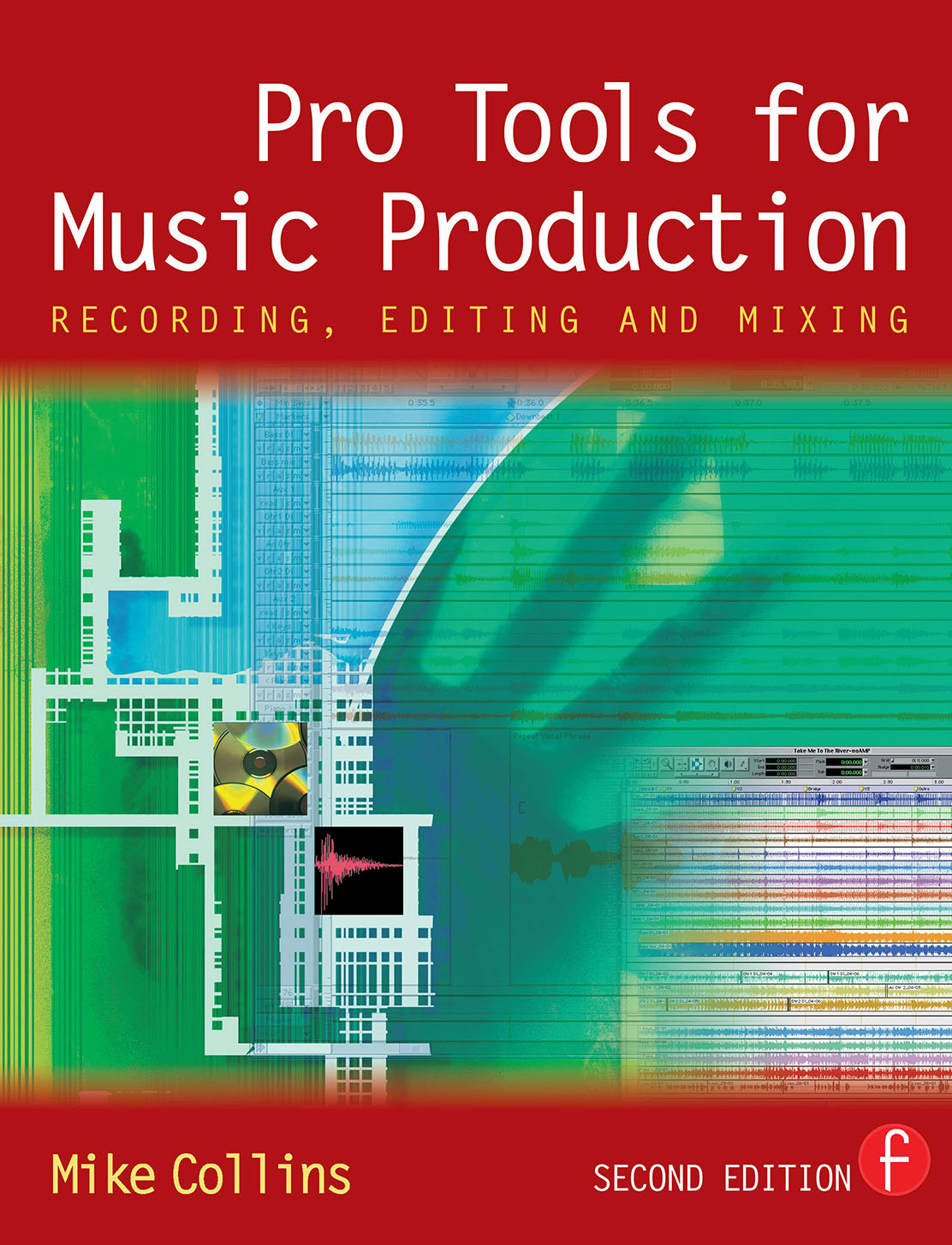
Pro Tools for Music Production Pro Tools for Music Production is a definitive guide to the system for new and professional users. Extensively illustrated in colour and packed with time saving hints and tips, you will want to keep to hand as a constant source of information. The book takes a real-world approach and shows how to build the right system to suit your needs. Detailed chapters on recording, editing and mixing blend essential knowledge with tutorials and practical examples from actual recordings. The second edition features a wealth of new and updated material, including: · Pro Tools HD systems explained· Pro Tools 6.1 software (and up to version 6.2.3)· Mac OSX installation and troubleshooting· A new chapter on MIDI· Additional and expanded tutorials· More on Identify Beat, Beat Detective and tempo maps· Extra coverage of plug-ins and virtual instruments· How to use Propellerheads Reason and Ableton Live with Pro Tools· What you need to know about the new file management capabilities· How to transfer projects between Pro Tools and other MIDI and audio software, and between Pro Tools TDM on the Mac and Pro Tools LE on the PC Pro Tools for Music Production is a vital source of reference to keep by your side, whether you are a working professional or a serious hobbyist looking for professional results. TECHNOLOGY & ENGINEERING,Acoustics & Sound

The MIDI Manual The MIDI Manual is a complete reference on MIDI, written by a well-respected sound engineer and author. This best-selling guide provides a clear explanation of what MIDI is, how to use electronic instruments and an explanation of sequencers and how to use them. You will learn how to set up an efficient MIDI system and how to get the best out of your music. The MIDI Manual is packed full of useful tips and practical examples on sequencing and mixing techniques. It also covers editors/librarians, working with a score, MIDI in mass media and multimedia and synchronisation. The MIDI spec is set out in detail along with the helpful guidelines on using the implementation chart. Illustrated throughout with helpful photos and screengrabs, this is the most readable and clear book on MIDI available. TECHNOLOGY & ENGINEERING,Acoustics & Sound
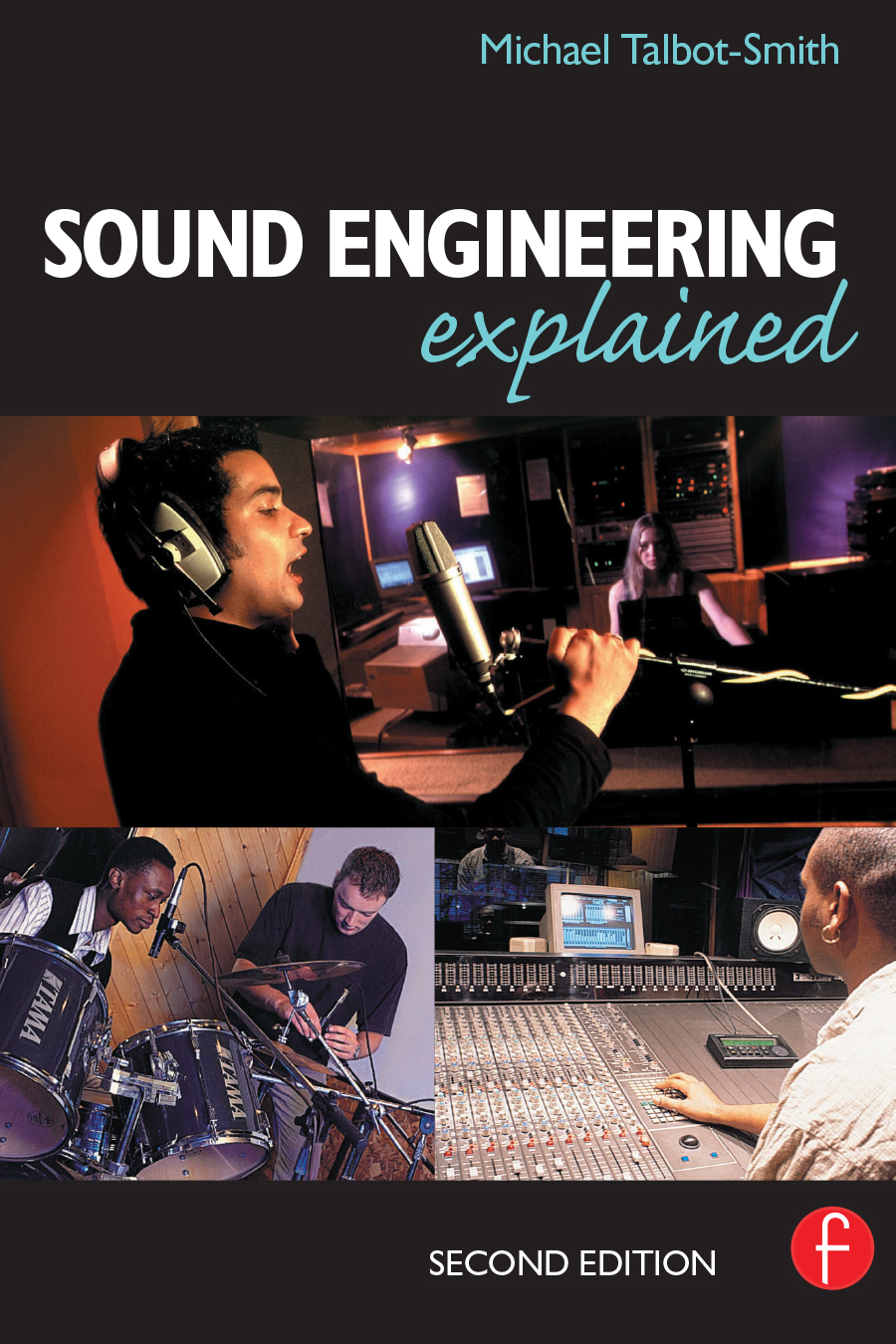
Sound Engineering Explained This straightforward introduction to audio techniques guides the beginner through principles such as sound waves and basic acoustics and offers practical advice for using recording and reproduction equipment. Previously known as Audio Explained, this latest edition includes new material on: reverberation and its use in recording; principles of digital mixing; digital recording; including MiniDisc and MP3; digital artificial reverberation. Designed with the student in mind, information is organised according to level of difficulty. An understanding of the basic principles is essential to anyone wishing to make successful recordings and so chapters are split into two parts: the first introducing the basic theories in a non-technical way; the second dealing with the subject in more depth. Key facts are clearly identified in separate boxes and further information for the more advanced reader is indicated in shaded boxes. In addition, questions are provided (with answers supplied at the end of the book) as a teaching and learning aid. Sound Engineering Explained is ideal for both serious audio amateurs any student studying audio for the first time, in particular those preparing for Part One exams of the City & Guilds Sound Engineering (1820) course. TECHNOLOGY & ENGINEERING,Acoustics & Sound
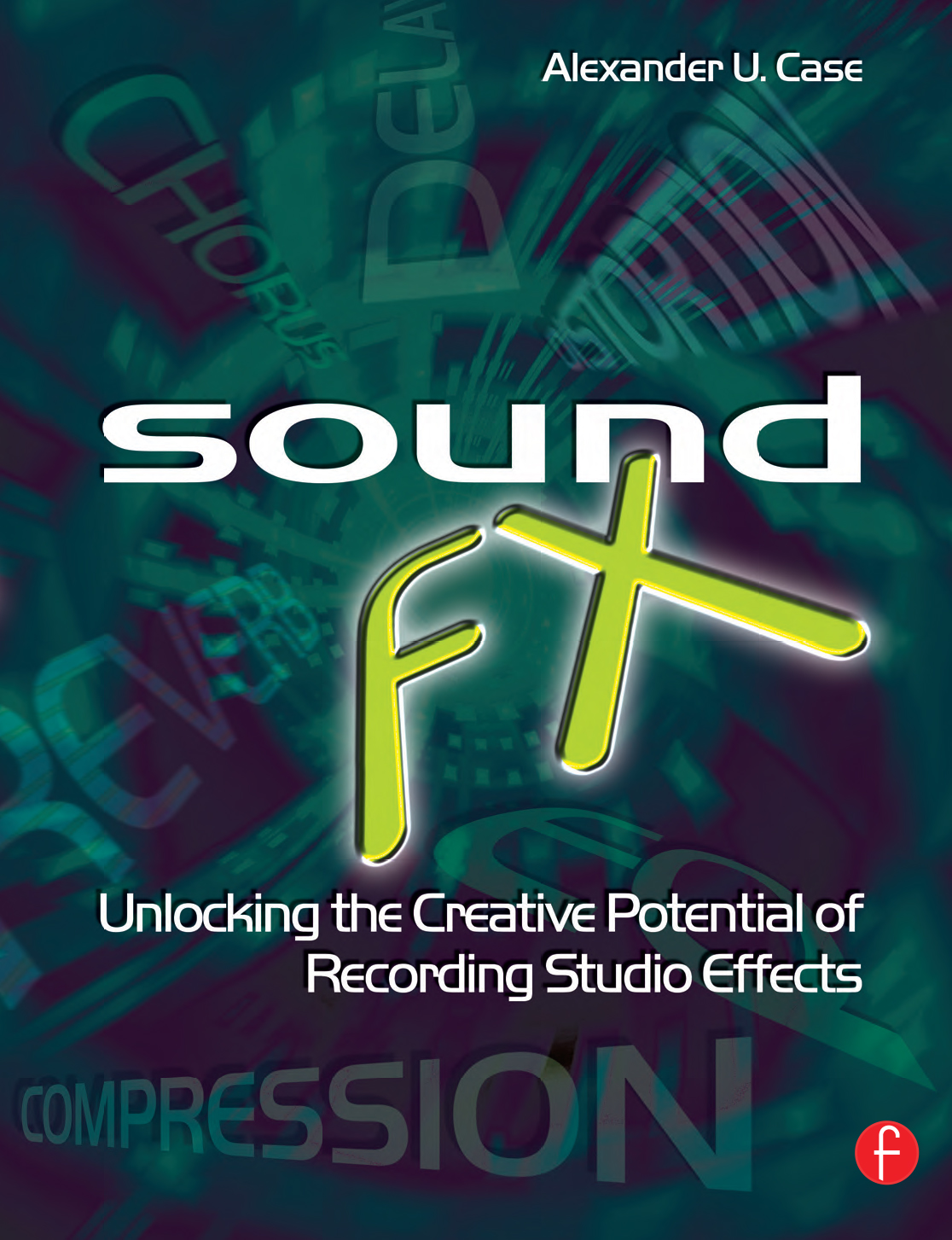
Sound FX FX introduces today's up and coming musician to the fantastic creative potential of the most popular instrument today- the home studio. Explaining the basic and advanced signal processing techniques used in professional music production (EQ, compression, delay, reverb etc), using real world popular music examples and an emphasis on the perceptual results and musical value of these effects, FX teaches the Recording Musician how to achieve professional production standards and maximise their creative potential. The accompanying website www.soundfx-companion.com includes audio exaples of FX featured in the book. Features: A chapter dedicated to each key effect: Distortion Equalization Compression and Limiting Delay Expansion and Gating Pitch Shift Reverb Volume More than 100 line drawings and illustrations. Accompanying website featuring examples of all FX covered in the book. Discography of FX at the end of each relevant chapter. From the Sound FX Intro: The most important music of our time is recorded music. The recording studio is its principle musical instrument. The recording engineers and music producers who create the music we love know how to use signal processing equipment to capture the work of artists, preserving realism or altering things wildly, as appropriate. While the talented, persistent, self-taught engineer can create sound recordings of artistic merit, more productive use of the studio is achieved through study, experience and collaboration. This book defines the technical basis of the most important signal processing effects used in the modern recording studio, highlights the key drivers of sound quality associated with each, shares common production techniques used by recording engineers with significant experience in the field, references many of the touchstone recordings of our time, and equips the reader with the knowledge needed to comfortably use effects devices correctly, and, more importantly, to apply these tools creatively. TECHNOLOGY & ENGINEERING,Acoustics & Sound
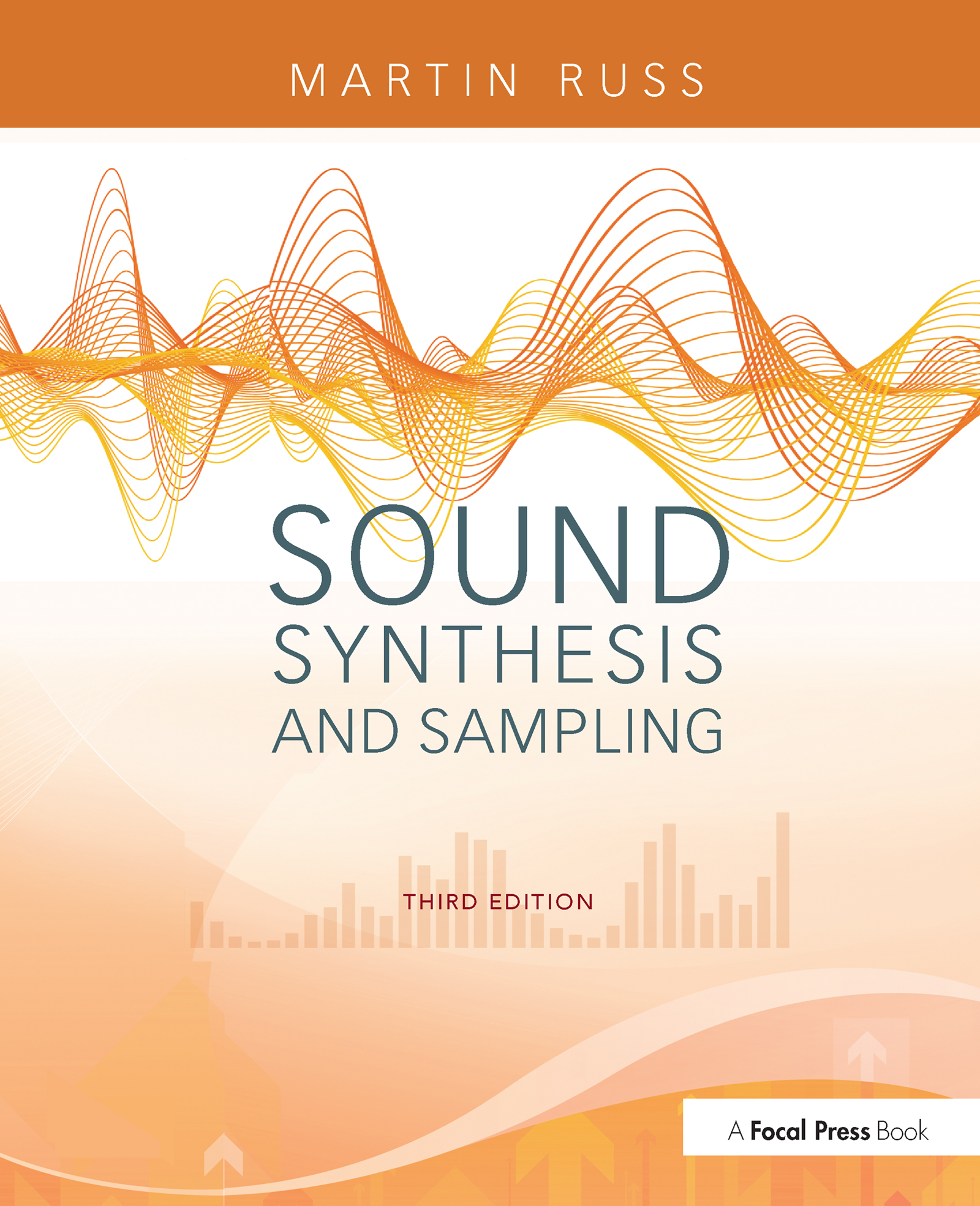
Sound Synthesis and Sampling Sound Synthesis and Sampling' provides a comprehensive introduction to the underlying principles and practical techniques applied to both commercial and research sound synthesizers. This new edition has been updated throughout to reflect current needs and practices- revised and placed in a modern context, providing a guide to the theory of sound and sampling in the context of software and hardware that enables sound making. For the revised edition emphasis is on expanding explanations of software and computers, new sections include techniques for making sound physically, sections within analog and digital electronics. Martin Russ is well known and the book praised for its highly readable and non-mathematical approach making the subject accessible to readers starting out on computer music courses or those working in a studio. TECHNOLOGY & ENGINEERING,Acoustics & Sound
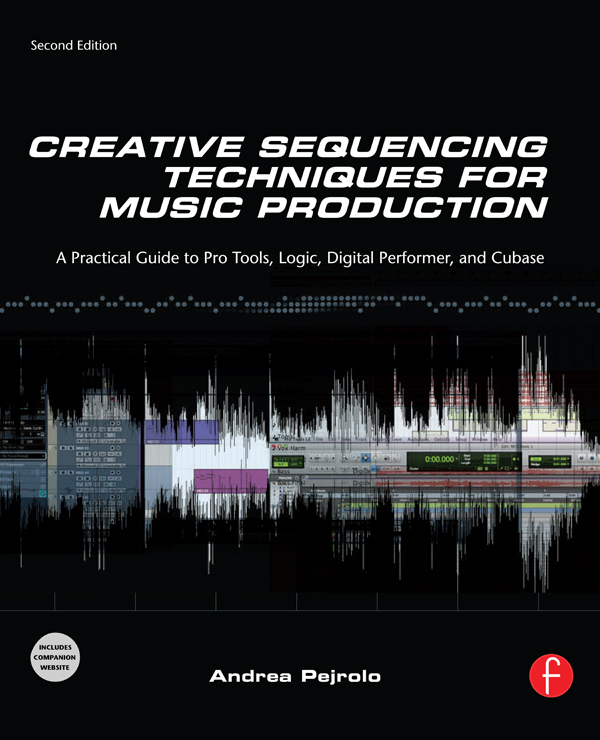
Creative Sequencing Techniques for Music Production An inspirational guide for all levels of expertise, Creative Sequencing Techniques for Music Production shows you how to get the most out of the four leading audio sequencers, Logic, Pro Tools, Digital Performer, and Cubase. Using real-life examples, Andrea Pejrolo demonstrates a wide range of technical and creative techniques, giving you tips and new ideas to help you take your work to the next level. If you are producing music and looking to build your skills in orchestration, composition, and mixing you will find all the techniques and practical advice you need in this book. Featuring essential tools, that are now part of the everyday creative process in a digital production environment, to give you the most recent and cutting edge techniques- including swipe-comping, time-stretching, pitch correction, elastic-time, advanced-freezing, and new software synthesizers. The material on the website contains loops, templates, audio examples, and end of chapter exercises to practice new skills, this illustrated practical guide provides all the tools you will need to give your music the vital edge. Whether you are a student or amateur aspiring to more professional results, or a professional wanting to master new skills, this book will help you to improve and take the quality of your work to the next level. *Covers all key sequencing topics such as recording and editing techniques and automation groove quantization, converters, sounds layering, tap tempo, creative meter, tempo changes, and synchronization *Teaches mixing techniques that takes advantage of plug-in technology, maximizing the use of effects such as reverb, compressor, limiter, equalizer, and much more *A website loaded with more than 90 examples of arrangements and techniques, giving you advice on how to troubleshoot those common mistakes and perfect your music production. TECHNOLOGY & ENGINEERING,Acoustics & Sound
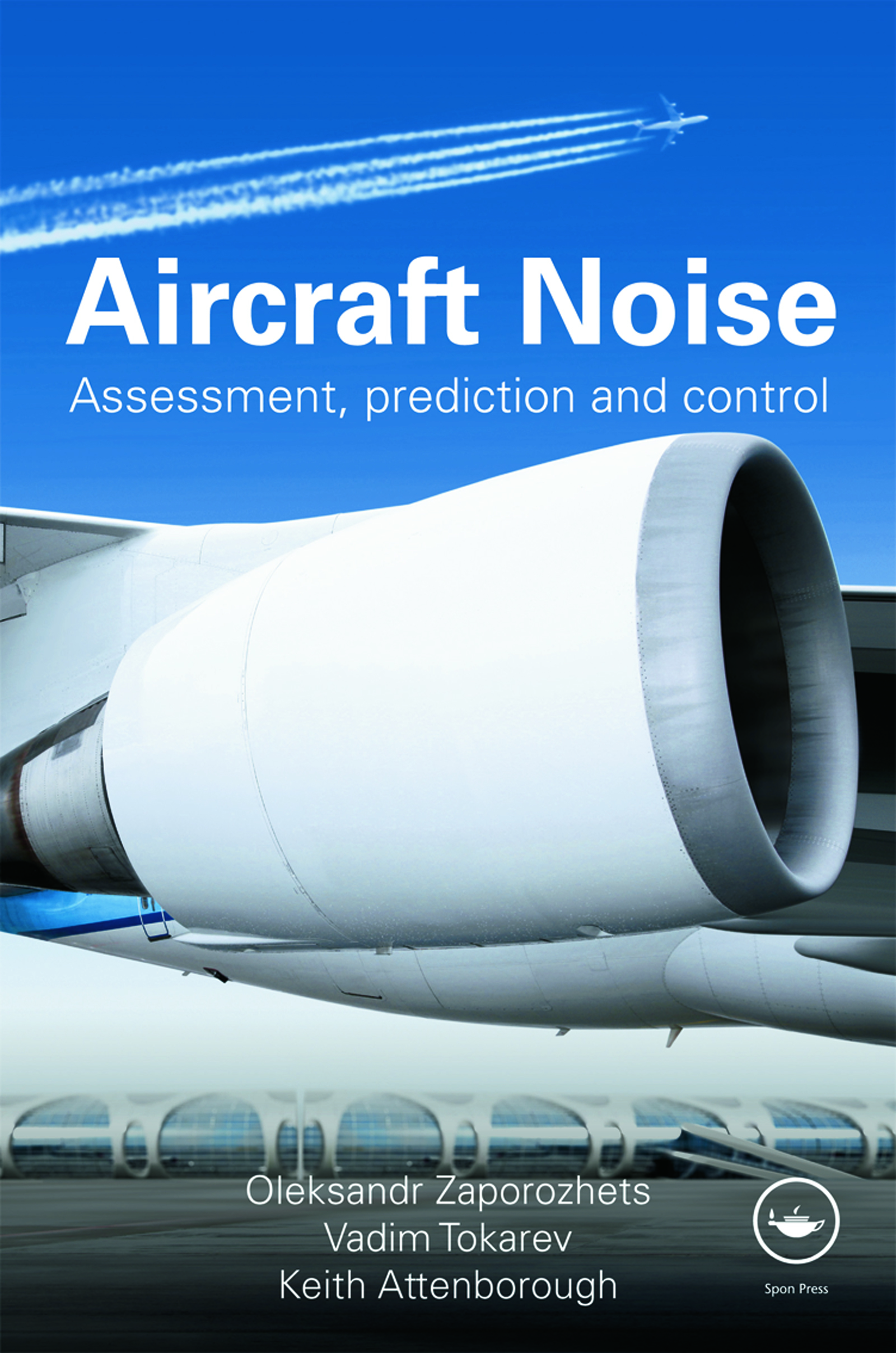
Aircraft Noise Aircraft noise has adverse impacts on passengers, airport staff and people living near airports, it thus limits the capacity of regional and international airports throughout the world. Reducing perceived noise of aircraft involves reduction of noise at source, along the propagation path and at the receiver. Effective noise control demands highly skilled and knowledgeable engineers. This book is for them. It shows you how accurate and reliable information about aircraft noise levels can be gained by calculations using appropriate generation and propagation models, or by measurements with effective monitoring systems. It also explains how to allow for atmospheric conditions, natural and artificial topography as well as detailing necessary measurement techniques. TECHNOLOGY & ENGINEERING,Acoustics & Sound
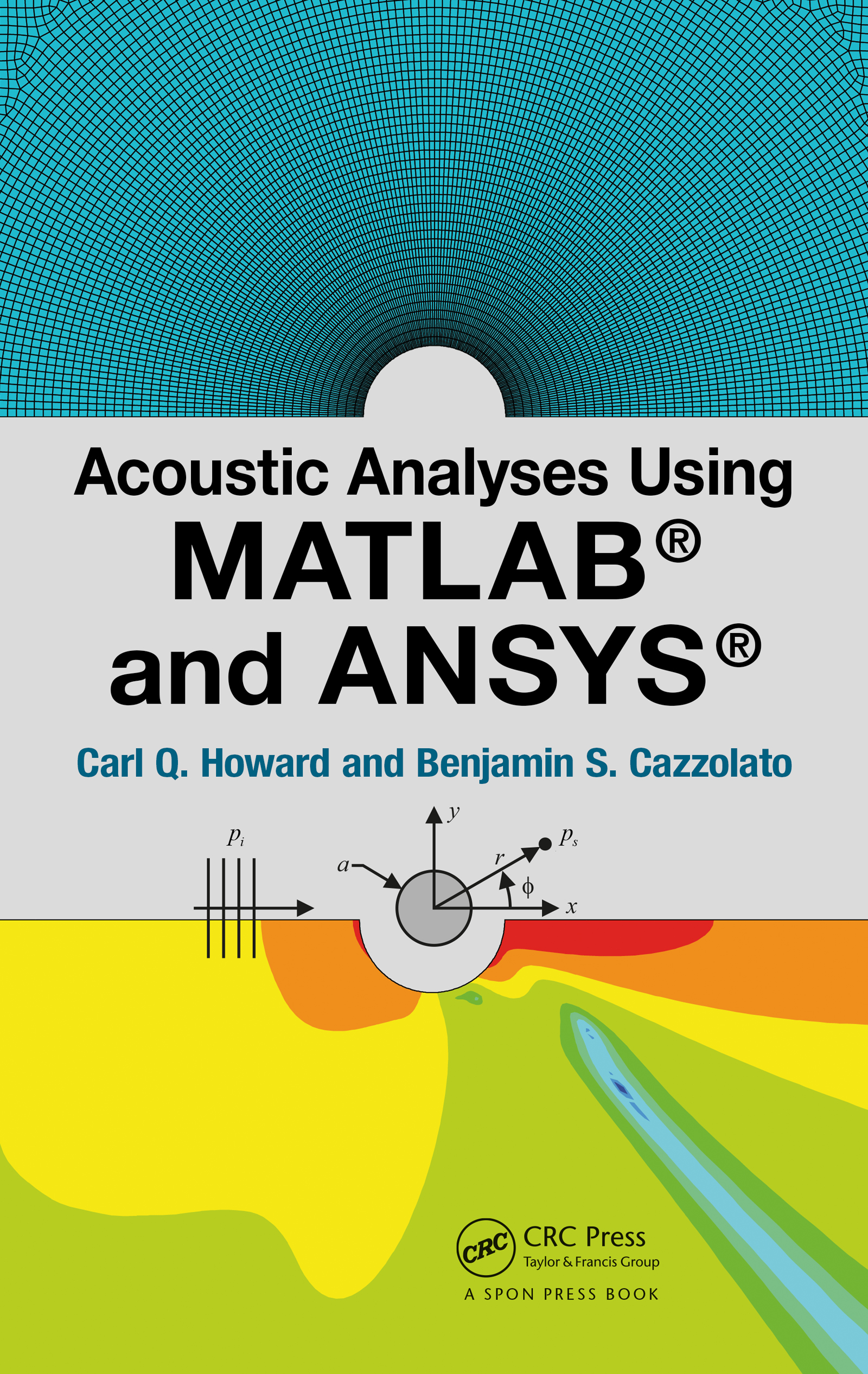
Acoustic Analyses Using Matlab and Ansys This is the first book of its kind that describes the use of ANSYS finite element analysis (FEA) software, and MATLAB engineering programming software to solve acoustic problems. It covers simple text book problems, such as determining the natural frequencies of a duct, to progressively more complex problems that can only be solved using FEA softwa TECHNOLOGY & ENGINEERING,Acoustics & Sound
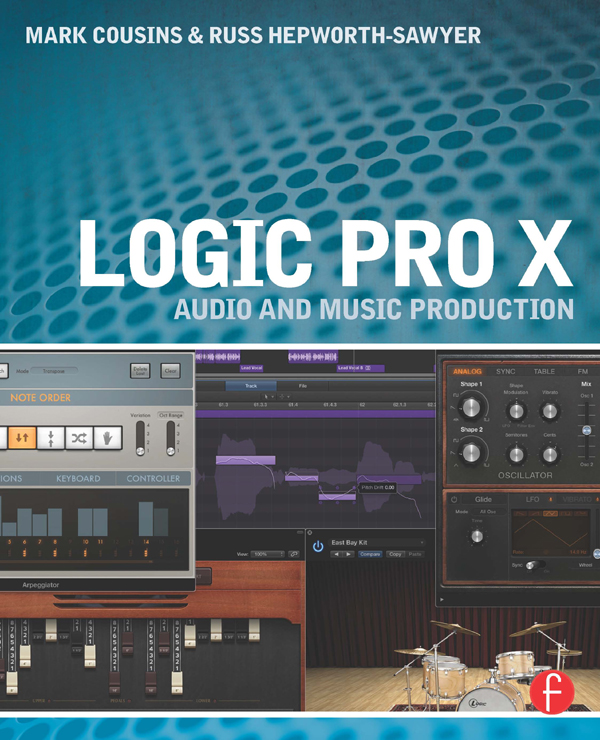
Logic Pro X From initial demos to mixing and mastering, seasoned authors Mark Cousins and Russ Hepworth-Sawyer show you how to get the most from Logic Pro X. By exploring the essential workflow and the creative possibilities offered by Logic’s virtual instruments and effects, Logic Pro X: Audio and Music Production leads you through the music creation and production process, giving you all the tips and tricks used by the pros to create release-quality recordings. Using full color screenshots throughout, alongside related boxouts that expand on the key concepts, Logic Pro X: Audio and Music Production is an informative and easy-to-read guide to using Logic Pro X. Key features include: Production FAQs – Instructional Walkthroughs and Knowledgebases present information clearly and answer common production–specific problems. Methods – Professional techniques for recording and editing in Logic Pro X – whether you’re dealing with real musicians or cutting-edge virtual instruments. Workflow – Use Logic Pro X’s tools and functions in an optimal way. Website – Access audio examples, samples (Apple Loops), Logic projects, sampler instruments, and instrument patches at www.focalpress.com/cw/cousins Logic Pro X: Audio and Music Production covers more than just the software; it will help you make the most out of every recording session and will illuminate and inspire your creative and sonic endeavors! TECHNOLOGY & ENGINEERING,Acoustics & Sound
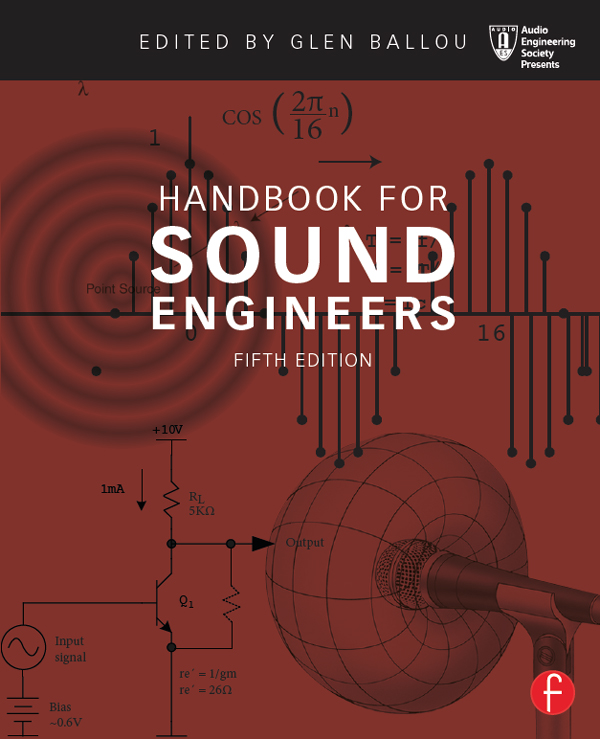
Handbook for Sound Engineers Handbook for Sound Engineers is the most comprehensive reference available for audio engineers, and is a must read for all who work in audio. With contributions from many of the top professionals in the field, including Glen Ballou on interpretation systems, intercoms, assistive listening, and fundamentals and units of measurement, David Miles Huber on MIDI, Bill Whitlock on audio transformers and preamplifiers, Steve Dove on consoles, DAWs, and computers, Pat Brown on fundamentals, gain structures, and test and measurement, Ray Rayburn on virtual systems, digital interfacing, and preamplifiers, Ken Pohlmann on compact discs, and Dr. Wolfgang Ahnert on computer-aided sound system design and room-acoustical fundamentals for auditoriums and concert halls, the Handbook for Sound Engineers is a must for serious audio and acoustic engineers. The fifth edition has been updated to reflect changes in the industry, including added emphasis on increasingly prevalent technologies such as software-based recording systems, digital recording using MP3, WAV files, and mobile devices. New chapters, such as Ken Pohlmann’s Subjective Methods for Evaluating Sound Quality, S. Benjamin Kanters’s Hearing Physiology—Disorders—Conservation, Steve Barbar’s Surround Sound for Cinema, Doug Jones’s Worship Styles in the Christian Church, sit aside completely revamped staples like Ron Baker and Jack Wrightson’s Stadiums and Outdoor Venues, Pat Brown’s Sound System Design, Bob Cordell’s Amplifier Design, Hardy Martin’s Voice Evacuation/Mass Notification Systems, and Tom Danley and Doug Jones’s Loudspeakers. This edition has been honed to bring you the most up-to-date information in the many aspects of audio engineering. TECHNOLOGY & ENGINEERING,Acoustics & Sound
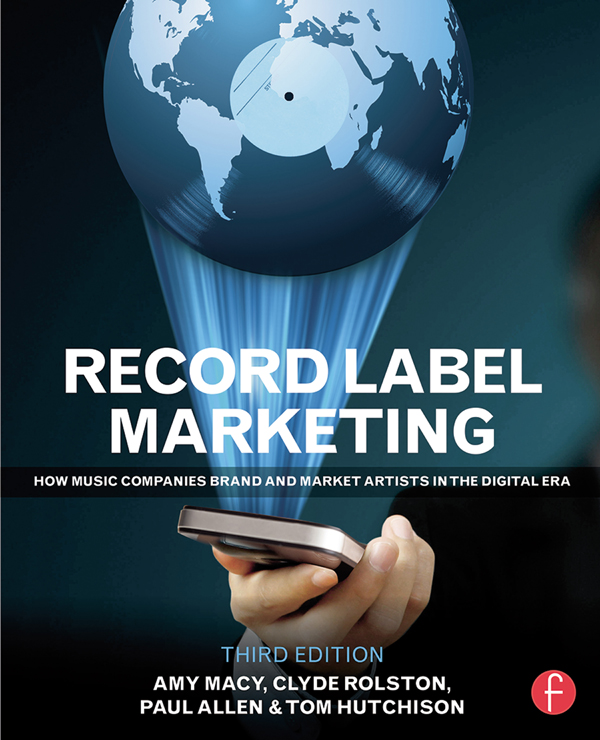
Record Label Marketing Record Label Marketing, Third Edition is the essential resource to help you understand how recorded music is professionally marketed. Fully updated to reflect current trends in the industry, this edition is designed to benefit marketing professionals, music business students, and independent artists alike. As with previous editions, the third edition is accessible for readers new to marketing or to the music business. The book addresses classic marketing concepts while providing examples that are grounded in industry practice. Armed with this book, you’ll master the jargon, concepts, and language to understand how music companies brand and market artists in the digital era. Features new to this edition include: Social media strategies including step-by-step tactics used by major and independent labels are presented in a new section contributed by Ariel Hyatt, owner of CYBER PR. An in-depth look at SoundScan and other big data matrices used as tools by all entities in the music business. An exploration of the varieties of branding with particular attention paid to the impact of branding to the artist and the music business in a new chapter contributed by Tammy Donham, former Vice President of the Country Music Association. The robust companion website, focalpress.com/cw/macy, features weblinks, exercises, and suggestions for further reading. Instructor resources include PowerPoint lecture outlines, a test bank, and suggested lesson plans. TECHNOLOGY & ENGINEERING,Acoustics & Sound
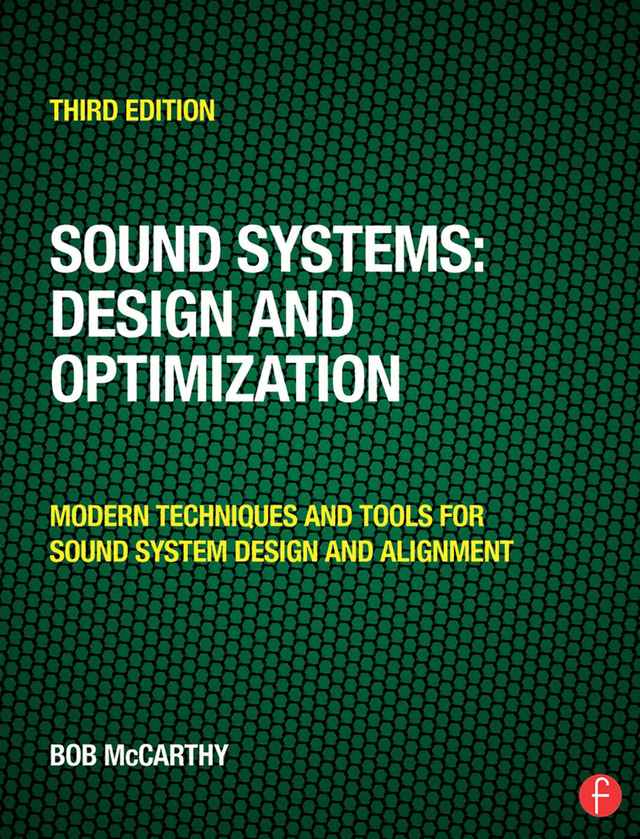
Sound Systems Sound Systems: Design and Optimization provides an accessible and unique perspective on the behavior of sound systems in the practical world. The third edition reflects current trends in the audio field thereby providing readers with the newest methodologies and techniques. In this greatly expanded new edition, you’ll find clearer explanations, a more streamlined organization, increased coverage of current technologies and comprehensive case studies of the author’s award-winning work in the field. As the only book devoted exclusively to modern tools and techniques in this emerging field, Sound Systems: Design and Optimization provides the specialized guidance needed to perfect your design skills. This book helps you: Improve your design and optimization decisions by understanding how audiences perceive reinforced sound Use modern analyzers and prediction programs to select speaker placement, equalization, delay and level settings based on how loudspeakers interact in the space Define speaker array configurations and design strategies that maximize the potential for spatial uniformity Gain a comprehensive understanding of the tools and techniques required to generate a design that will create a successful transmission/reception model TECHNOLOGY & ENGINEERING,Acoustics & Sound

Audio Production and Critical Listening Audio Production and Critical Listening: Technical Ear Training, Second Edition develops your critical and expert listening skills, enabling you to listen to audio like an award-winning engineer. Featuring an accessible writing style, this new edition includes information on objective measurements of sound, technical descriptions of signal processing, and their relationships to subjective impressions of sound. It also includes information on hearing conservation, ear plugs, and listening levels, as well as bias in the listening process. The interactive web browser-based "ear training" software practice modules provide experience identifying various types of signal processes and manipulations. Working alongside the clear and detailed explanations in the book, this software completes the learning package that will help you train you ears to listen and really "hear" your recordings. This all-new edition has been updated to include: Audio and psychoacoustic theories to inform and expand your critical listening practice. Access to integrated software that promotes listening skills development through audio examples found in actual recording and production work, listening exercises, and tests. Cutting-edge interactive practice modules created to increase your experience. More examples of sound recordings analysis. New outline for progressing through the EQ ear training software module with listening exercises and tips. TECHNOLOGY & ENGINEERING,Acoustics & Sound
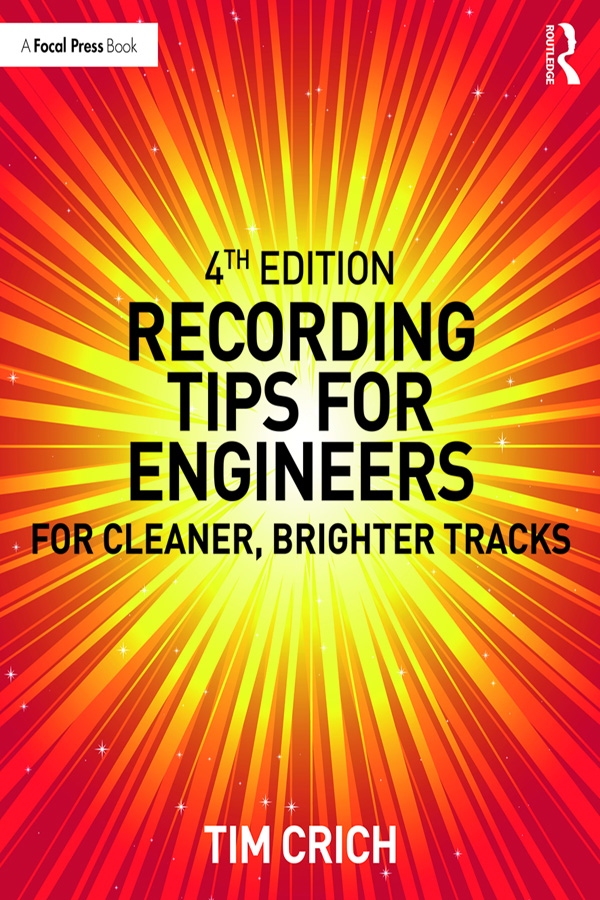
Recording Tips for Engineers Recording Tips for Engineers, Fourth Edition provides the knowledge needed to become a proficient audio engineer. With years of experience working with big name rock stars, author Tim Crich shares his expertise and gives all the essential insider tips and shortcuts. A tool for engineers of all levels, this humorous, easy-to-read guide is packed with practical advice using real-life studio situations, bulleted lists, and clear illustrations. It will save valuable time and allow for fast, in-session reference. Additional resources are available on the companion website (www.routledge/cw/crich.com). The fourth edition has been updated to: Lead discussions of modern file storage and processes for uploading, downloading, sharing, and transferring files and data. Address digital audio workstations. Provide expanded coverage on room treatment. TECHNOLOGY & ENGINEERING,Acoustics & Sound
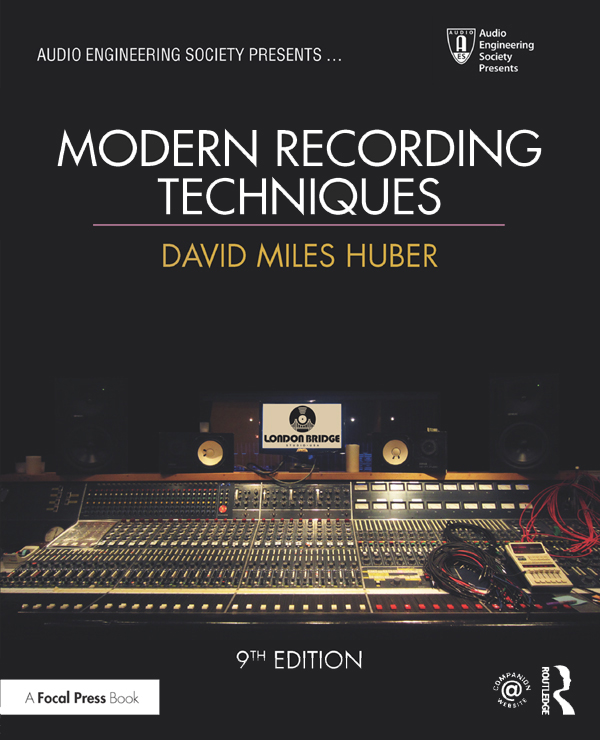
Modern Recording Techniques Modern Recording Techniques is the bestselling, authoritative guide to sound and music recording. Whether you’re just starting out or are looking for a step-up in the industry, Modern Recording Techniques provides an in-depth read on the art and technologies of music production. It’s a must-have reference for all audio bookshelves. Using its familiar and accessible writing style, this ninth edition has been fully updated, presenting the latest production technologies and includes an in-depth coverage of the DAW, networked audio, MIDI, signal processing and much more. A robust companion website features video tutorials, web-links, an online glossary, flashcards, and a link to the author’s blog. Instructor resources include a test bank and an instructor’s manual. The ninth edition includes: Updated tips, tricks and insights for getting the best out of your studio An introduction to the Apple iOS in music production Introductions to new technologies and important retro studio techniques The latest advancements in DAW systems, signal processing, mixing and mastering TECHNOLOGY & ENGINEERING,Acoustics & Sound
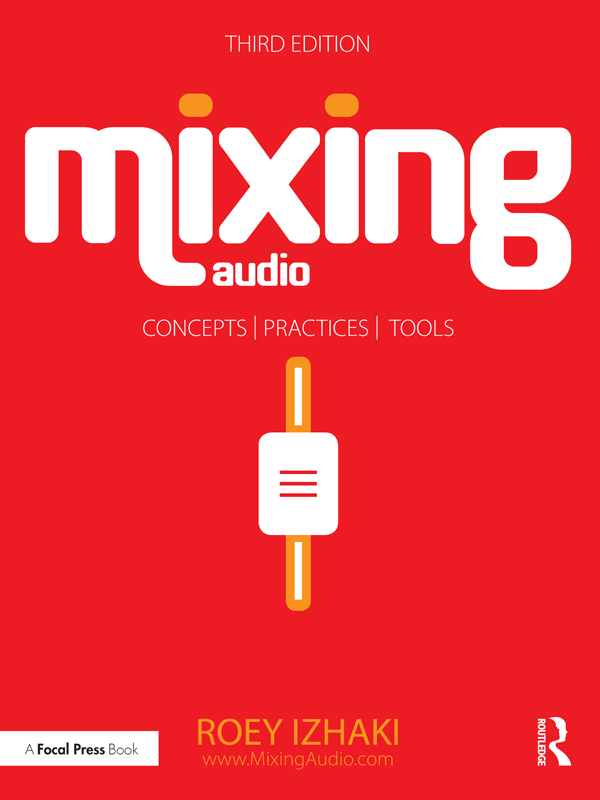
Mixing Audio Mixing Audio: Concepts, Practices, and Tools, Third Edition is a vital read for anyone wanting to succeed in the field of mixing. This book covers the entire mixing process – from fundamental concepts to advanced techniques. Packed full of photos, graphs, diagrams, and audio samples, it teaches the importance of a mixing vision, how to craft and evaluate your mix, and then take it a step further. The book describes the theory, the tools used, and how these are put into practice while creating mixes. The companion website, featuring over 2,000 audio samples as well as Pro Tools/ Multitrack Audio Sessions, is a perfect complement to the third edition. The new edition includes: A new 'Mixing and The Brain' chapter that provides a cognitive/psychological overview of many aspects related to and affecting mixing engineers (and, to a narrow extent, listeners). Updated figures and text reflecting recent software updates and trends. TECHNOLOGY & ENGINEERING,Acoustics & Sound
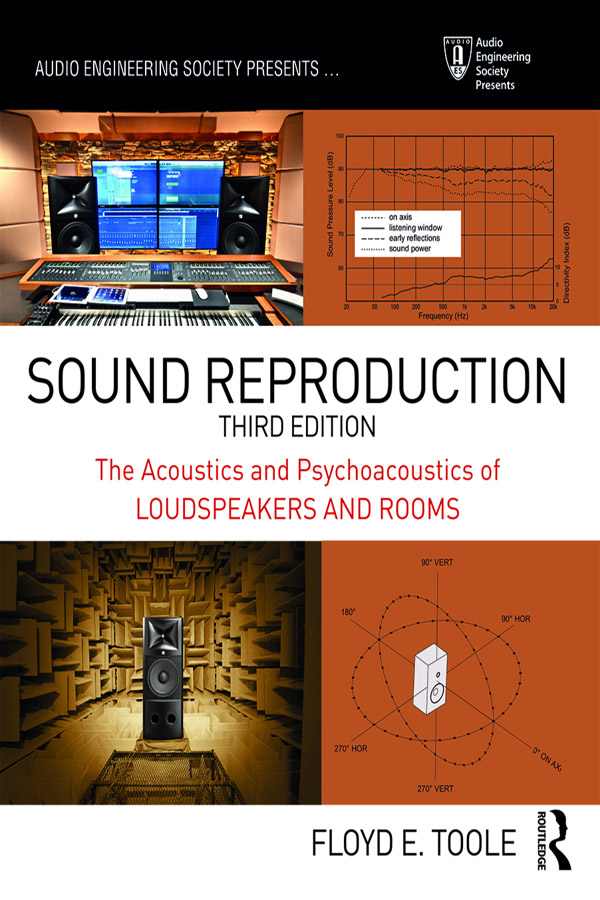
Sound Reproduction Sound Reproduction: The Acoustics and Psychoacoustics of Loudspeakers and Rooms, Third Edition explains the physical and perceptual processes that are involved in sound reproduction and demonstrates how to use the processes to create high-quality listening experiences in stereo and multichannel formats. Understanding the principles of sound production is necessary to achieve the goals of sound reproduction in spaces ranging from recording control rooms and home listening rooms to large cinemas. This revision brings new science-based perspectives on the performance of loudspeakers, room acoustics, measurements and equalization, all of which need to be appropriately used to ensure the accurate delivery of music and movie sound tracks from creators to listeners. The robust website (www.routledge.com/cw/toole) is the perfect companion to this necessary resource. TECHNOLOGY & ENGINEERING,Acoustics & Sound
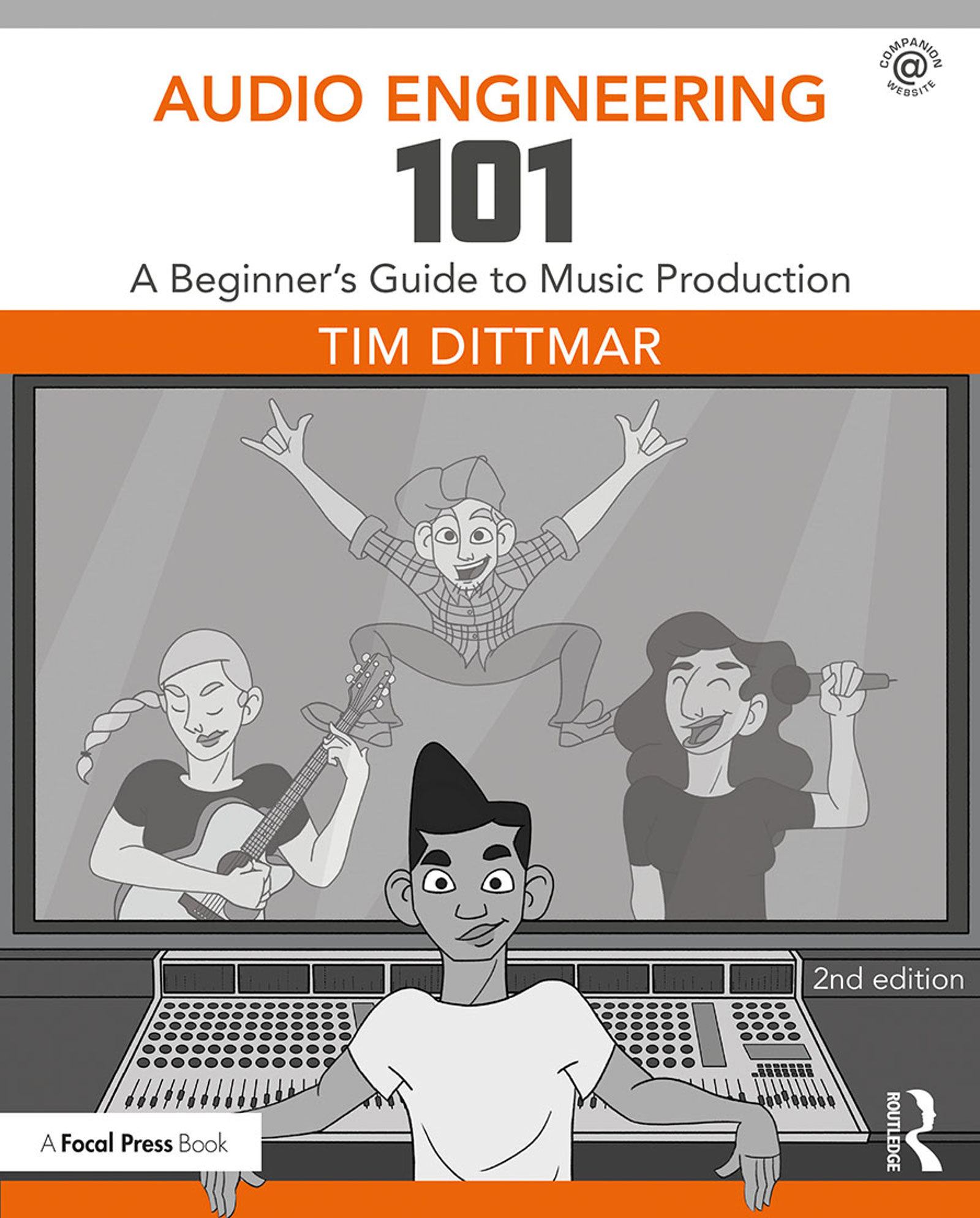
Audio Engineering 101 Practical, concise, and approachable, Audio Engineering 101, Second Edition covers everything aspiring audio engineers need to know to make it in the recording industry, from the characteristics of sound to microphones, analog versus digital recording, EQ/compression, mixing, mastering, and career skills. Filled with hand-ons, step-by-step technique breakdowns and all-new interviews with active professionals, this updated edition includes instruction in using digital consoles, iPads for mixing, audio apps, plug-ins, home studios, and audio for podcasts. An extensive companion website features fifteen new video tutorials, audio clips, equipment lists, quizzes, and student exercises. TECHNOLOGY & ENGINEERING,Acoustics & Sound

The Audio Expert The Audio Expert is a comprehensive reference book covering all aspects of audio, with both practical and theoretical explanations. It is written for people who want to understand audio at the deepest, most technical level, but without needing an engineering degree. The Audio Expert explains how audio really works in much more depth than usual, using common sense plain-English explanations and mechanical analogies, with minimal math. It uses an easy to read conversational tone, and includes more than 400 figures and photos to augment the printed text. However, this book goes beyond merely explaining how audio works. It brings together the concepts of audio, aural perception, musical instrument physics, acoustics, and basic electronics, showing how they’re intimately related. It also describes in great detail many practices and techniques used by recording and mixing engineers, including video production and computers. This book is meant for intermediate to advanced recording engineers and audiophiles who want to become experts. There’s plenty for beginners too. One unique feature is explaining how audio devices such as equalizers, compressors, and A/D converters work internally, and how they’re spec’d and tested, rather than merely describing how to use them. There’s plenty of myth-busting and consumerism too. The book doesn’t tell readers what brand power amplifier to buy, but it explains in great detail what defines a good amplifier so people can choose a first-rate model wisely without over-paying. Most explanations throughout the book are platform-agnostic, applying equally to Windows and Mac computers, and to most software and hardware. Many audio and video examples are included to enhance the written text. The new edition offers many updates and improvements throughout. New sections on coding an equalizer, comparing microphone preamps, testing results of loudspeaker isolation devices, new online video content on music theory, plus incorporated chapters on MIDI basics, computers, video production, plus new myth-busters, and much more! TECHNOLOGY & ENGINEERING,Acoustics & Sound

How to Make Great Music Mashups Written for the beginner DJ, this accessible book presents everything you need to know in order to create great dance floor moments that will take your sets to the next level and get you noticed as a DJ. Using Ableton’s industry-leading digital audio workstation, the reader will learn to achieve a professional sound by expertly manipulating Warping, pitching, editing, automation and plugin effects processing; also, avoiding mistakes such as key-clashing, jarring transitions, mismatched energies and more. The book’s companion website includes key-charts, musical scale diagrams, organisational templates for live sessions, and follow-along video demonstrations. TECHNOLOGY & ENGINEERING,Acoustics & Sound
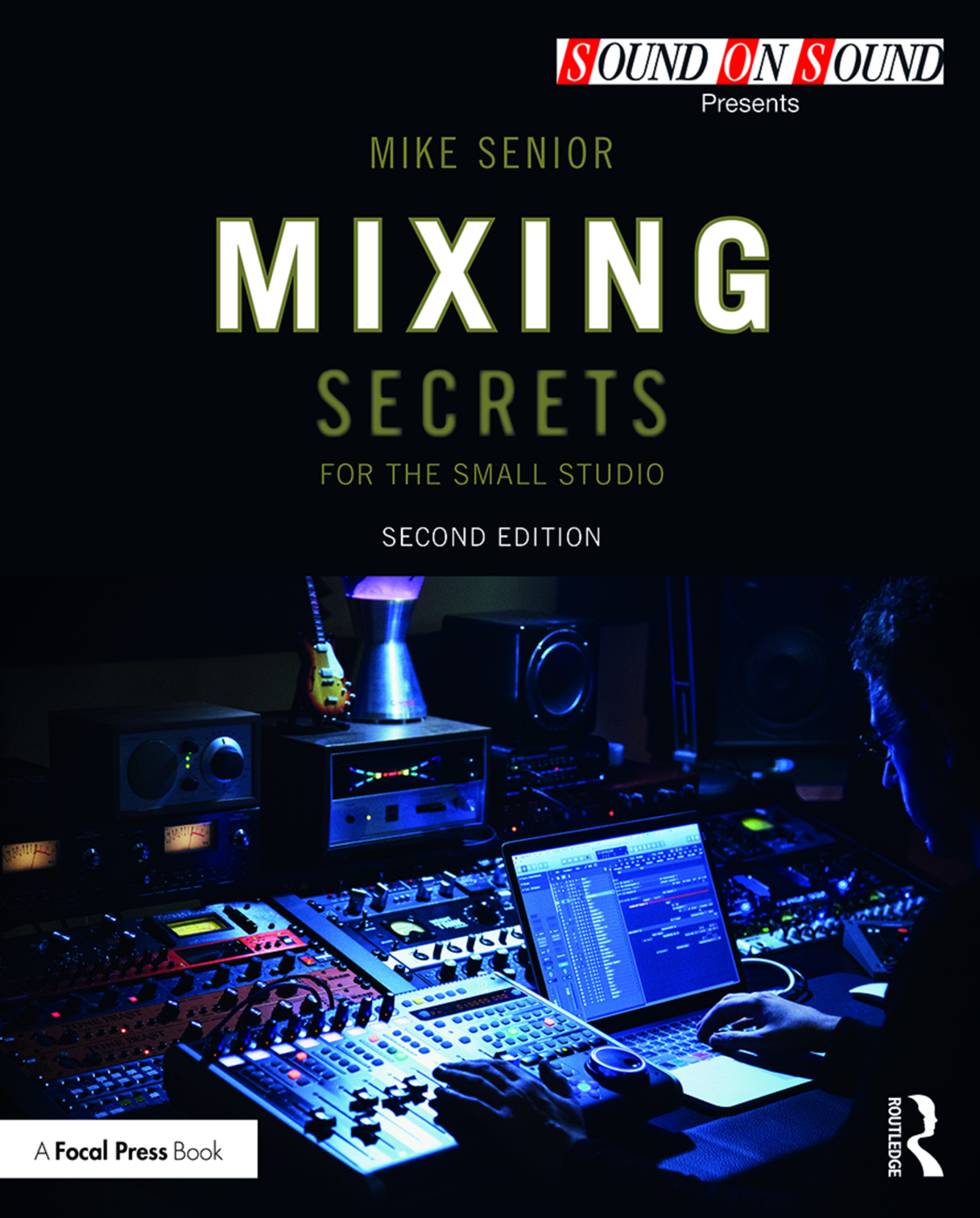
Mixing Secrets for the Small Studio Discover how to achieve release-quality mixes even in the smallest studios by applying power-user techniques from the world's most successful producers. Mixing Secrets for the Small Studio is the best-selling primer for small-studio enthusiasts who want chart-ready sonics in a hurry. Drawing on the back-room strategies of more than 160 famous names, this entertaining and down-to-earth guide leads you step-by-step through the entire mixing process. On the way, you'll unravel the mysteries of every type of mix processing, from simple EQ and compression through to advanced spectral dynamics and "fairy dust" effects. User-friendly explanations introduce technical concepts on a strictly need-to-know basis, while chapter summaries and assignments are perfect for school and college use. â–ª Learn the subtle editing, arrangement, and monitoring tactics which give industry insiders their competitive edge, and master the psychological tricks which protect you from all the biggest rookie mistakes. â–ª Find out where you don't need to spend money, as well as how to make a limited budget really count. â–ª Pick up tricks and tips from leading-edge engineers working on today's multi-platinum hits, including Derek "MixedByAli" Ali, Michael Brauer, Dylan "3D" Dresdow, Tom Elmhirst, Serban Ghenea, Jacquire King, the Lord-Alge brothers, Tony Maserati, Manny Marroquin, Noah "50" Shebib, Mark "Spike" Stent, DJ Swivel, Phil Tan, Andy Wallace, Young Guru, and many, many more... Now extensively expanded and updated, including new sections on mix-buss processing, mastering, and the latest advances in plug-in technology. TECHNOLOGY & ENGINEERING,Acoustics & Sound
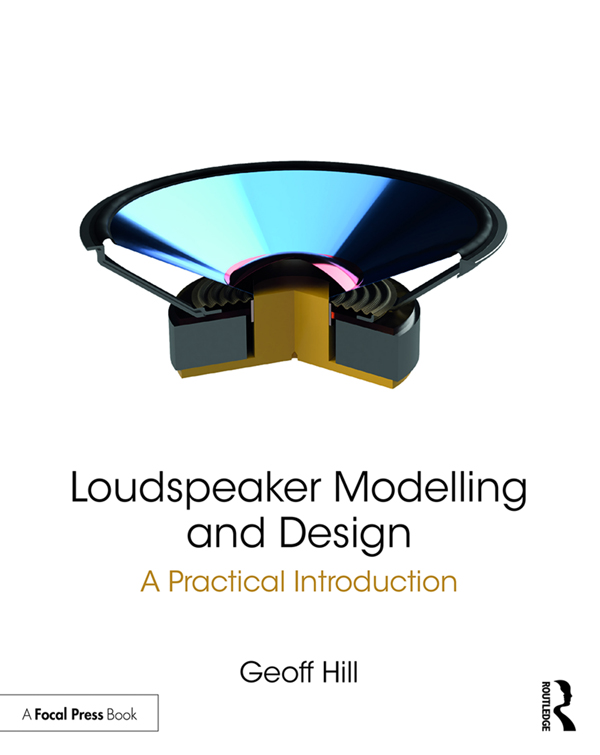
Loudspeaker Modelling and Design In this book, Geoff Hill demonstrates modern software and hardware being applied to the processes behind loudspeaker design and modelling. Modern computing power has progressed to the point that such analyses are now practical for any interested individual or small company. Loudspeaker Modelling and Design: A Practical Introduction examines the process from initial concept through specifications and theoretical simulations and onto detailed design. It demonstrates the processes of design and specification, by using detailed simulations of a loudspeaker driver; sufficient to give re-assurance that a design is practical and will perform as expected.This book brings together many different strands of modelling from electro-magnetic through to mechanical and acoustic, without getting bogged down in theoretical discussions and arguments. This practice-based book shows the techniques used in designing modern loudspeakers and transducers. TECHNOLOGY & ENGINEERING,Acoustics & Sound

Dance Music Manual Dance Music Manual, aimed at the novice and seasoned professional alike, takes the reader through the software and hardware needed to create original, captivating, and professional sounding music. Key features of Dance Music Manual include: How to create compelling, professional-sounding original or remixed dance tracks. The differences between different genres and how to produce them. How to expose your tracks to their chosen audience and equip you with the skills to develop your career as a dance music producer and engineer. Along with the book is a companion website, which provides examples of synthesis programming, compression, effects, MIDI files, and examples of the tracks discussed in this edition. The new and improved fourth edition covers processes and techniques used by music producers, masters, mixers, and DJs. Each page is full of facts presented in a manner that is easy to absorb and implement. TECHNOLOGY & ENGINEERING,Acoustics & Sound
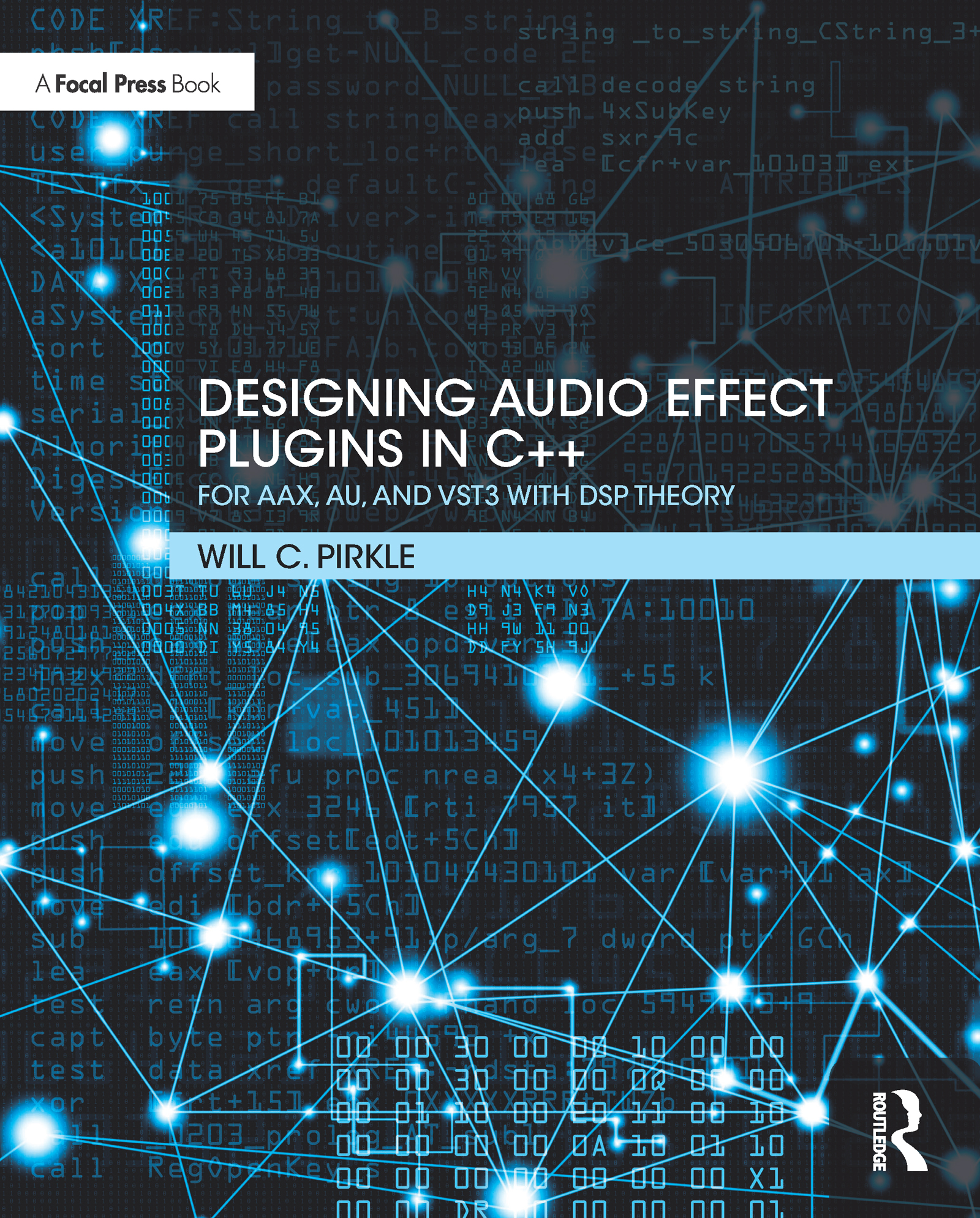
Designing Audio Effect Plugins in C++ Designing Audio Effect Plugins in C++ presents everything you need to know about digital signal processing in an accessible way. Not just another theory-heavy digital signal processing book, nor another dull build-a-generic-database programming book, this book includes fully worked, downloadable code for dozens of professional audio effect plugins and practically presented algorithms. Sections include the basics of audio signal processing, the anatomy of a plugin, AAX, AU and VST3 programming guides; implementation details; and actual projects and code. More than 50 fully coded C++ audio signal-processing objects are included. Start with an intuitive and practical introduction to the digital signal processing (DSP) theory behind audio plug-ins, and quickly move on to plugin implementation, gain knowledge of algorithms on classical, virtual analog, and wave digital filters, delay, reverb, modulated effects, dynamics processing, pitch shifting, nonlinear processing, sample rate conversion and more. You will then be ready to design and implement your own unique plugins on any platform and within almost any host program. This new edition is fully updated and improved and presents a plugin core that allows readers to move freely between application programming interfaces and platforms. Readers are expected to have some knowledge of C++ and high school math. TECHNOLOGY & ENGINEERING,Acoustics & Sound
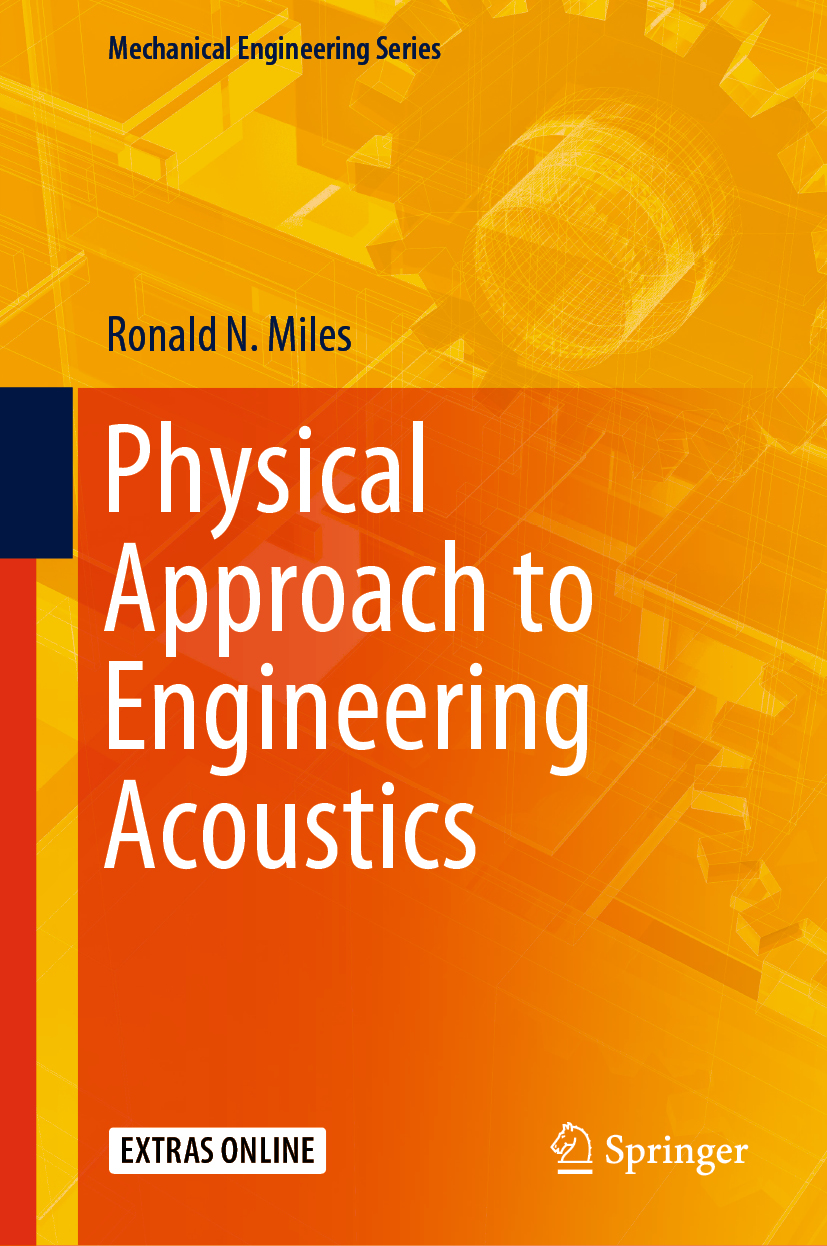
Physical Approach to Engineering Acoustics This textbook presents the fundamentals of engineering acoustics and examines in depth concepts within the domain that apply to reducing noise, measuring noise, and designing microphones and loudspeakers. The book particularly emphasizes the physical principles used in designing miniature microphones. These devices are used in billions of electronic products, most visibly, cell phones and hearing aids, and enable countless other applications. Distinct from earlier books on this topic that take the view of the electrical engineer analyzing mechanical systems using electric circuit analogies. This text uses Newtonian mechanics as a more appropriate paradigm for analyzing these mechanical systems and in so doing provides a more direct method of modeling. Written at a level appropriate for upper-division undergraduate courses, and enhanced with end-of-chapter problems and MatLab routines, the book is ideal as a core text for students interested in engineering acoustics in ME, EE, and physics programs, as well as a reference for engineers and technicians working in the huge global industry of miniature microphone design. TECHNOLOGY & ENGINEERING,Acoustics & Sound
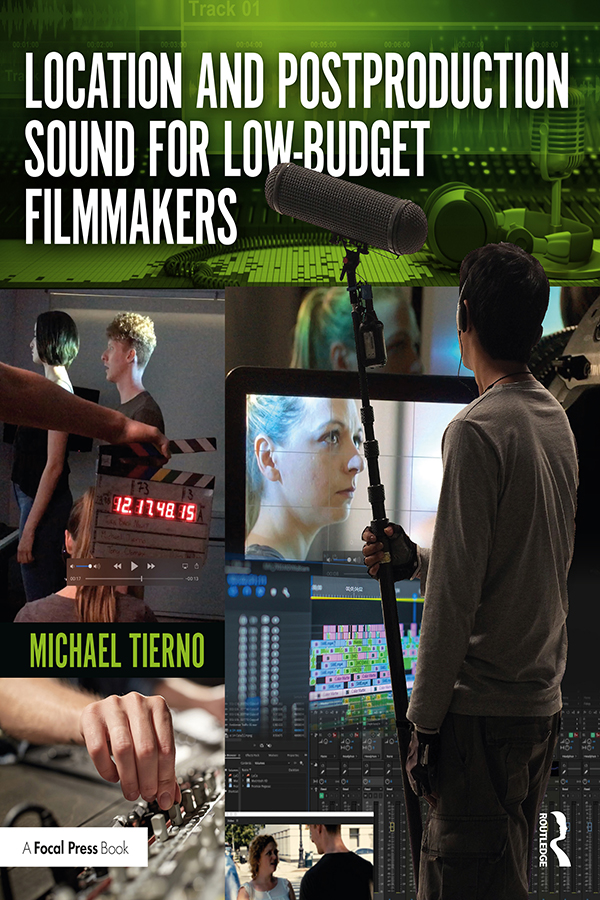
Location and Postproduction Sound for Low-Budget Filmmakers This book covers everything you need to know to master the fundamentals of location sound recording and postproduction sound in a comprehensive one-stop guide. This user-friendly book provides real world situations to analyze the many kinds of location recording configurations and postproduction scenarios and offers easy-to-adopt, budget-conscious solutions to some of the most common issues that arise when working with sound. Chapters cover the theory of sound, preproduction with a sound emphasis, microphone selection, testing equipment, how to boom and mix on set, synchronization and time code, and editing sound while doing a picture cut in a traditional picture software platform. Additionally, the book discusses bringing a project into a Digital Audio Workstation and explores basic sound design, dialogue editing, Automated Dialogue Replacement, Foley, sound effects, music for film, re-recording the final mix, and outputting sound to finish a project. Accompanying examples allow readers the opportunity to try out the various techniques and drills on location, in postproduction, or both. Aimed at students, early career and independent filmmakers, as well as those considering a vocation in location and postproduction sound, Location and Postproduction Sound for Low-Budget Filmmakers makes achieving great sound attainable for all, and is an invaluable tool for anyone wanting to better understand the art of film sound. TECHNOLOGY & ENGINEERING,Acoustics & Sound
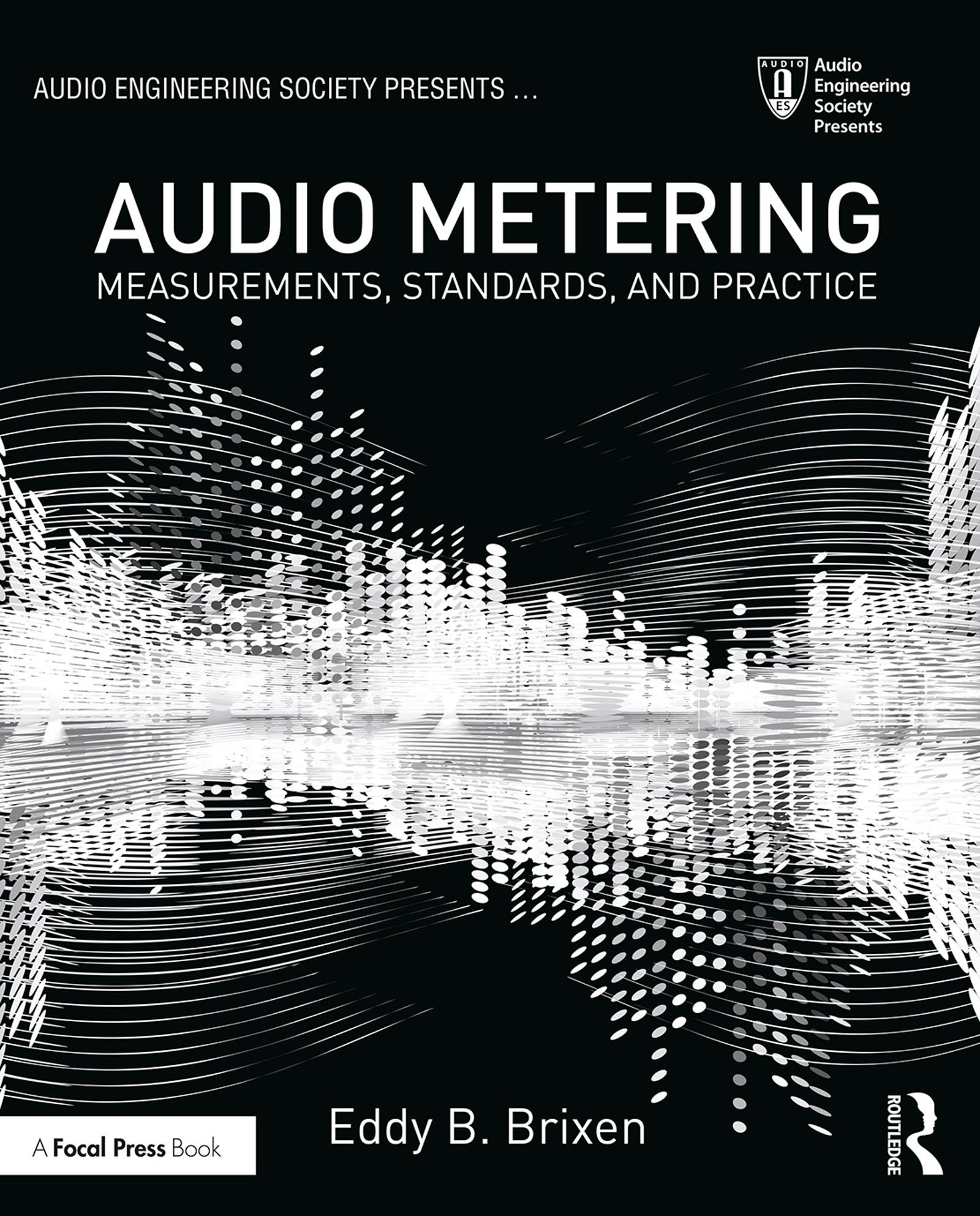
Audio Metering In this comprehensive guide, Brixen takes the reader through the complex and confusing aspects of audio metering, imparting the knowledge and skills needed to utilize optional signal levels and produce high-quality audio. Covering all aspects of this fundamental subject, Audio Metering: Measurements, Standards and Practice begins with the basics, such as audio definitions and digital techniques, and works up to more complex topics like hearing and psychoacoustics. This revised and expanded third edition includes: Updated information on loudness metering, covering both existing and new standards. Definitions of terms such as LKFS, LUFS, gating, LRA. Explanations of signal types and musical sounds and structures. Further details on immersive audio. Skills needed for both small-room acoustics and large auditorium sound design without loss of sound quality. Descriptions of measurement signals and systems for audio and acoustic sound. A chapter on listening tests from small set-ups to large-scale comparisons of PA/SR-systems. Packed full of valuable information with a wide range of practical applications, this is the essential reference guide to audio metering for technicians, engineers, and tonmeisters, as well as sound designers working with acoustics, electroacoustics, broadcast, studio recording, sound art, archiving, audio forensics, and theatrical and live-audio setups. TECHNOLOGY & ENGINEERING,Acoustics & Sound
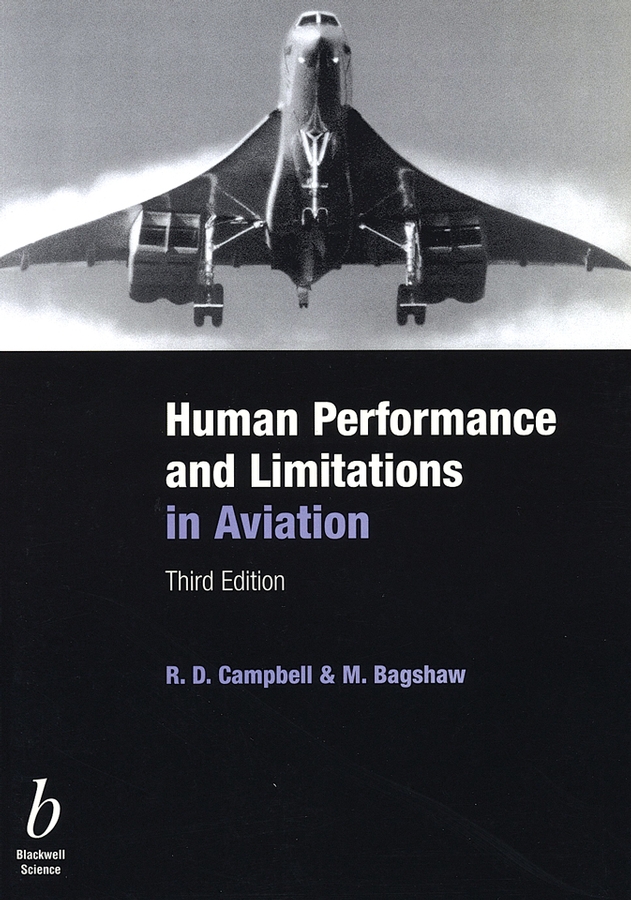
Human Performance and Limitations in Aviation Human error is cited as a major cause in over 70% of accidents, and it is widely agreed that a better understanding of human capabilities and limitations - both physical and psychological - would help reduce human error and improve flight safety. This book was first published when the UK Civil Aviation Authority introduced an examination in human performance and limitations for all private and professional pilot licences. Now the Joint Aviation Authorities of Europe have published a new syllabus as part of their Joint Aviation Requirements for Flight Crew Licensing. The book has been completely revised and rewritten to take account of the new syllabus. The coverage of basic aviation psychology has been greatly expanded, and the section on aviation physiology now includes topics on the high altitude environment and on health maintenance. Throughout, the text avoids excessive jargon and technical language. "There is no doubt that this book provides an excellent basic understanding of the human body, its limitations, the psychological processes and how they interact with the aviation environment. I am currently studying for my ATPL Ground Exams and I found this book to be an invaluable aid. It is equally useful for those studying for the PPL and for all pilots who would like to be reminded of their physiological and psychological limitations." –General Aviation, June 2002 TECHNOLOGY & ENGINEERING,Aeronautics & Astronautics
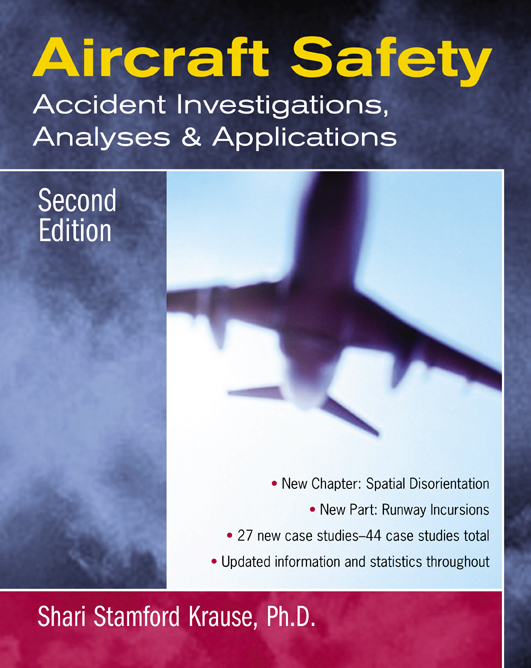
Aircraft Safety * This worldwide bestseller utilizes case studies to examine and explain aircraft accidents and incidents * Covers five major problem causes: human factors, weather, mid-air collisions, mechanical failure, runway incursions * NEW TO THIS EDITION: Chapters on Monitoring/Managing Cockpit Behavior and Spatial Disorientation; 27 new case studies; 25% new illustrations * Updated data and statistics throughout TECHNOLOGY & ENGINEERING,Aeronautics & Astronautics

Safe Air Travel Companion Dozens of practical actions you can take to minimize the risks and manage the realities of aerial hijacking and terrorism In this timely guide, Dan McKinnon, former Chairman of the Civil Aeronautics Board, a Naval rescue pilot, and current President of North American Airlines: * Recommends smart travel strategies for business and personal travel* Offers life-saving behaviors to adopt in a crisis situation* Describes current antiterrorism programs* Identifies high-risk global locales and gives a rundown of cultural “do’s and don’tsâ€* Details airport security measures and compliance Empowering anyone who flies, this book packs the information you need to offset fears and reach your destination safely. TECHNOLOGY & ENGINEERING,Aeronautics & Astronautics
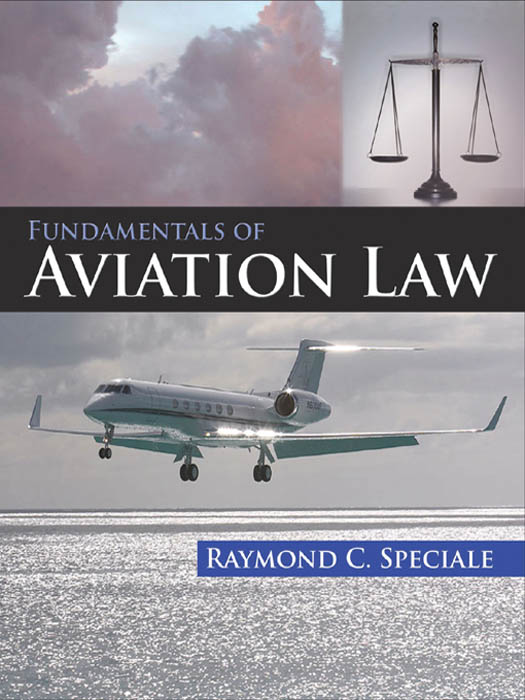
Fundamentals of Aviation Law Case studies for each major topic are supplemented by discussion and questions for classroom review Instructor's CD-ROM contains PowerPoint presentations and chapter outlines TECHNOLOGY & ENGINEERING,Aeronautics & Astronautics
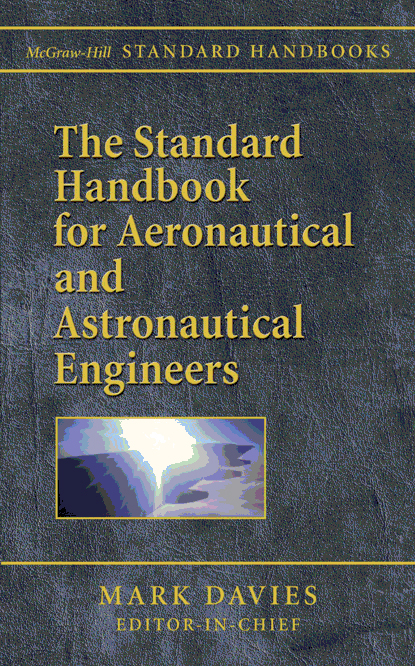
The Standard Handbook for Aeronautical and Astronautical Engineers The first comprehensive resource expressly for aerospace engineers! GET INSTANT INSIGHT INTO ANY AEROSPACE ISSUE! In the past, aerospace engineers and students have had to access a wide array of trade publications and books for comprehensive coverage of their highly specialized industry. That’s because with The Standard Handbook for Aeronautical and Astronautical Engineers, those practitioners now have a resource that delivers a combination of reference, data, and handy information—all within the pages of a single, easy-to-use volume! Containing contributions from more than 50 aerospace specialists—and edited by an internationally renowned aeronautical engineering expert and educator—this handbook frames the technological applications in a perspective that specifically addresses aircraft and engineering science. As a result, you get insightful, practical guidance into the gamut of aerospace engineering, including: * Instrumentation and control* Aeronautical and astronautical propulsion* Aerospace structures* Aerodynamics, flight mechanics, control, and stability* Avionics and astrionics* Aircraft design* Spacecraft* Earth’s environment and space* And much, much more! Plus, The Standard Handbook for Aeronautical and Astronautical Engineers is richly illustrated with hundreds upon hundreds of informative diagrams, charts, and graphs. From basic engineering science and mathematics to astrodynamics, this book is the one resource that all starting and mature aerospace engineers need to take their work to new heights. TECHNOLOGY & ENGINEERING,Aeronautics & Astronautics
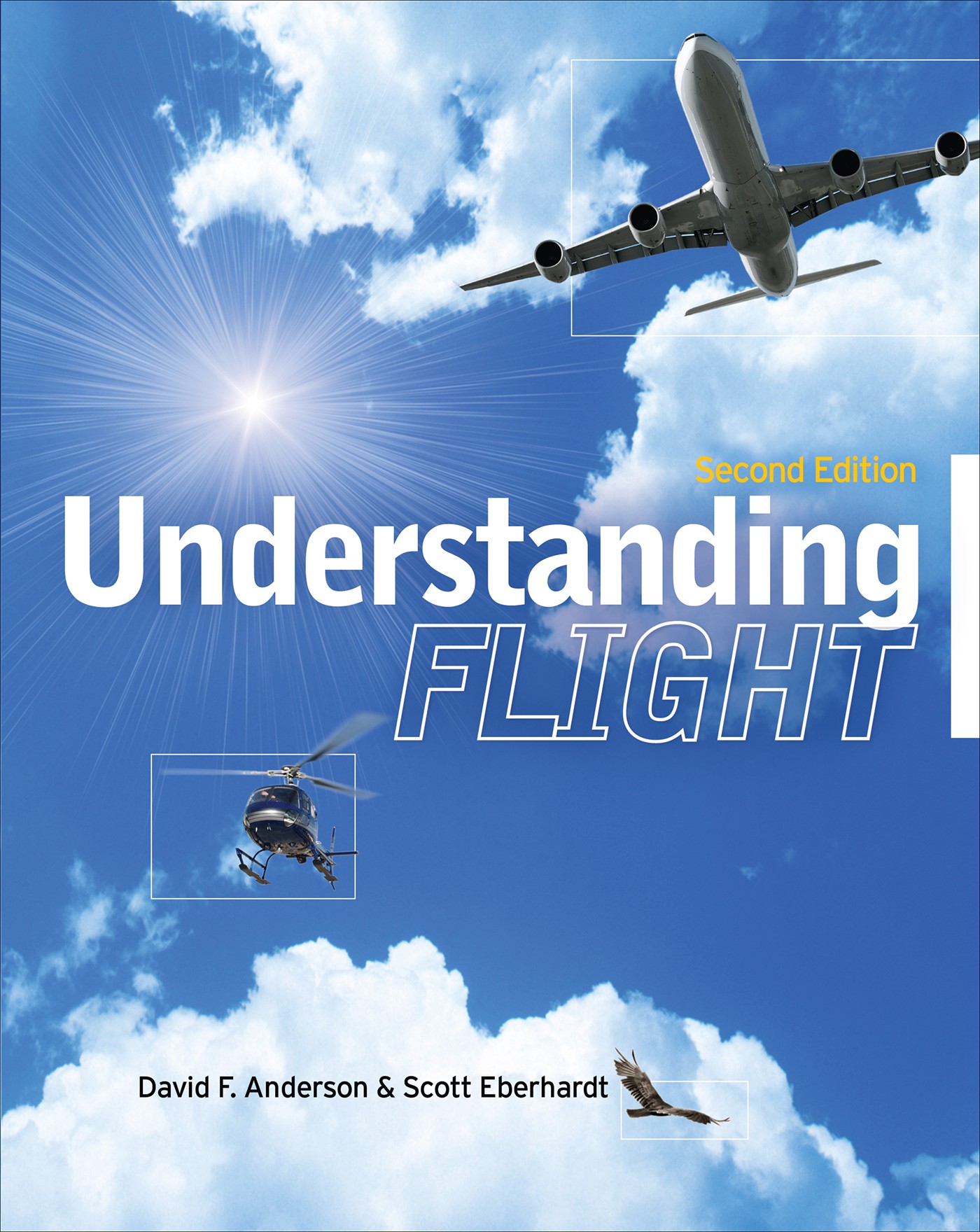
Understanding Flight, Second Edition Discover how planes get--and stay--airborne Now you can truly master an understanding of the phenomenon of flight. This practical guide is the most intuitive introduction to basic flight mechanics available. Understanding Flight, Second Edition, explains the principles of aeronautics in terms, descriptions, and illustrations that make sense--without complicated mathematics. Updated to include helicopter flight fundamentals and aircraft structures, this aviation classic is required reading for new pilots, students, engineers, and anyone fascinated with flight. Understanding Flight, Second Edition, covers: Physics of flight Wing design and configuration Stability and control Propulsion High-speed flight Performance and safety Aerodynamic testing Helicopters and autogyros Aircraft structures and materials TECHNOLOGY & ENGINEERING,Aeronautics & Astronautics
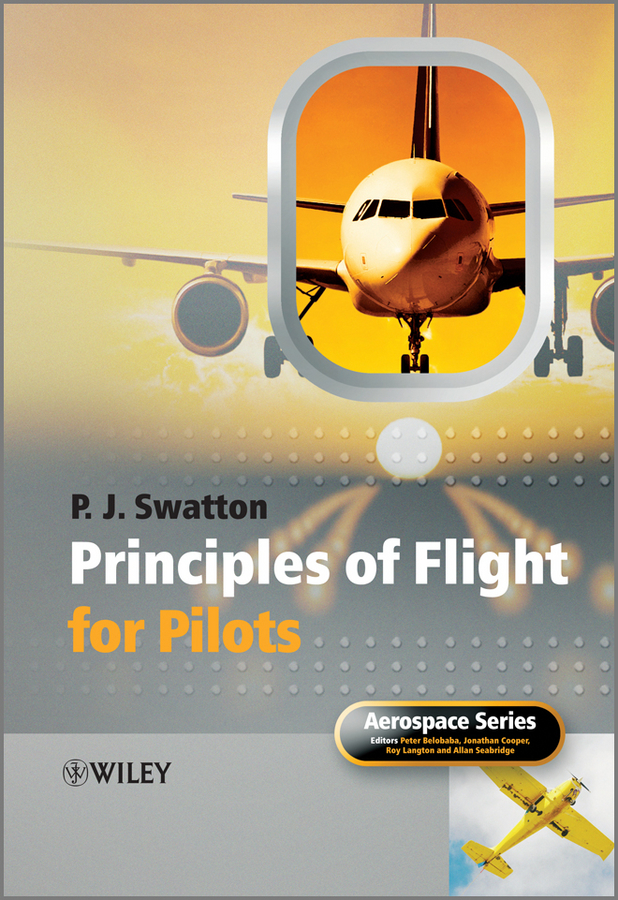
Principles of Flight for Pilots Organised and written as an accessible study guide for student pilots wishing to take commercial ground examinations to obtain ATPL or CPL licenses, Principles of Flight for Pilots also provides a reliable up-to-date reference for qualified and experienced personnel wishing to further improve their understanding of the Principles of Flight and related subjects. Providing a unique aerodynamics reference tool, unlike any book previously Principles of Flight for Pilots explains in significant depth all the topics necessary to pass the Principles of Flight examination as required by the EASA syllabus. Aviation ground instructor Peter J. Swatton, well reputed for his previous works in the field of pilot ground training, presents the subject in seven parts including basic aerodynamics; level flight aerodynamics; stability; manoeuvre aerodynamics; and other aerodynamic considerations. Each chapter includes self-assessed questions, 848 in total spread over eighteen chapters, with solutions provided at the end of the book containing full calculations and explanations. TECHNOLOGY & ENGINEERING,Aeronautics & Astronautics
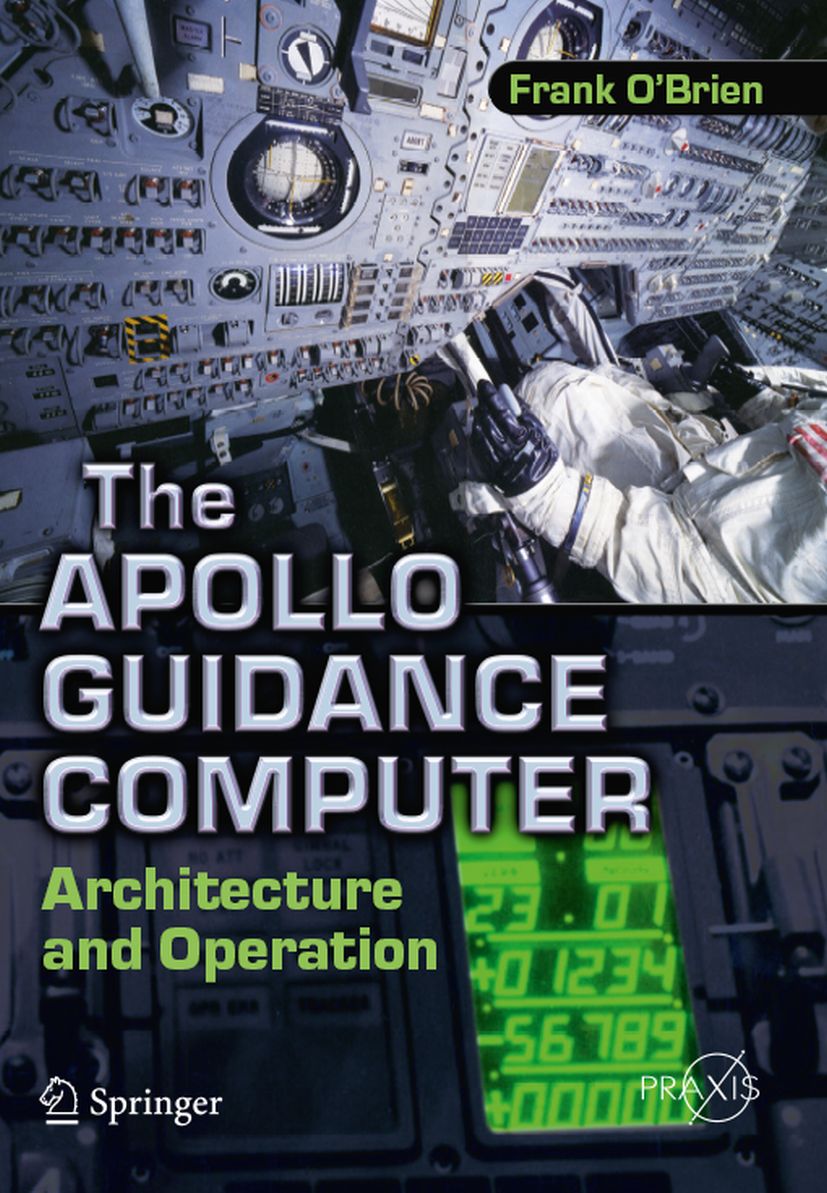
The Apollo Guidance Computer The technological marvel that facilitated the Apollo missions to the Moon was the on-board computer. In the 1960s most computers filled an entire room, but the spacecraft’s computer was required to be compact and low power. Although people today find it difficult to accept that it was possible to control a spacecraft using such a ‘primitive’ computer, it nevertheless had capabilities that are advanced even by today’s standards. This is the first book to fully describe the Apollo guidance computer’s architecture, instruction format and programs used by the astronauts. As a comprehensive account, it will span the disciplines of computer science, electrical and aerospace engineering. However, it will also be accessible to the ‘space enthusiast’. In short, the intention is for this to be the definitive account of the Apollo guidance computer. Frank O’Brien’s interest in the Apollo program began as a serious amateur historian. About 12 years ago, he began performing research and writing essays for the Apollo Lunar Surface Journal, and the Apollo Flight Journal. Much of this work centered on his primary interests, the Apollo Guidance Computer (AGC) and the Lunar Module. These Journals are generally considered the canonical online reference on the flights to the Moon. He was then asked to assist the curatorial staff in the creation of the Cradle of Aviation Museum, on Long Island, New York, where he helped prepare the Lunar Module simulator, a LM procedure trainer and an Apollo space suit for display. He regularly lectures on the Apollo computer and related topics to diverse groups, from NASA's computer engineering conferences, the IEEE/ACM, computer festivals and university student groups. TECHNOLOGY & ENGINEERING,Aeronautics & Astronautics

General Aviation Law 3/E Up-to-date advice on legal issues affecting anyone involved in general aviation Fully revised throughout, General Aviation Law, Third Edition, is an essential legal guide for those who work in aviation, including mechanics, pilots, aircraft owners, and aviation business owners. This practical reference answers all questions regarding aviation law in understandable layperson's terms. The information in the book helps you to avoid legal troubles and describes what to expect if you are taken to court. Real-world case studies illustrate the topics addressed. All pertinent laws are clearly explained and clarified, providing you with the knowledge you need to understand your legal rights and protect yourself from costly litigation. Coverage includes: The American legal system The Federal Aviation Administration (FAA) Aircraft ownership Homebuilt aircraft Aviation insurance FAA enforcement procedures Principles of negligence liability Particular applications of negligence law Product liability Medical certificate appeals and special insurance TECHNOLOGY & ENGINEERING,Aeronautics & Astronautics
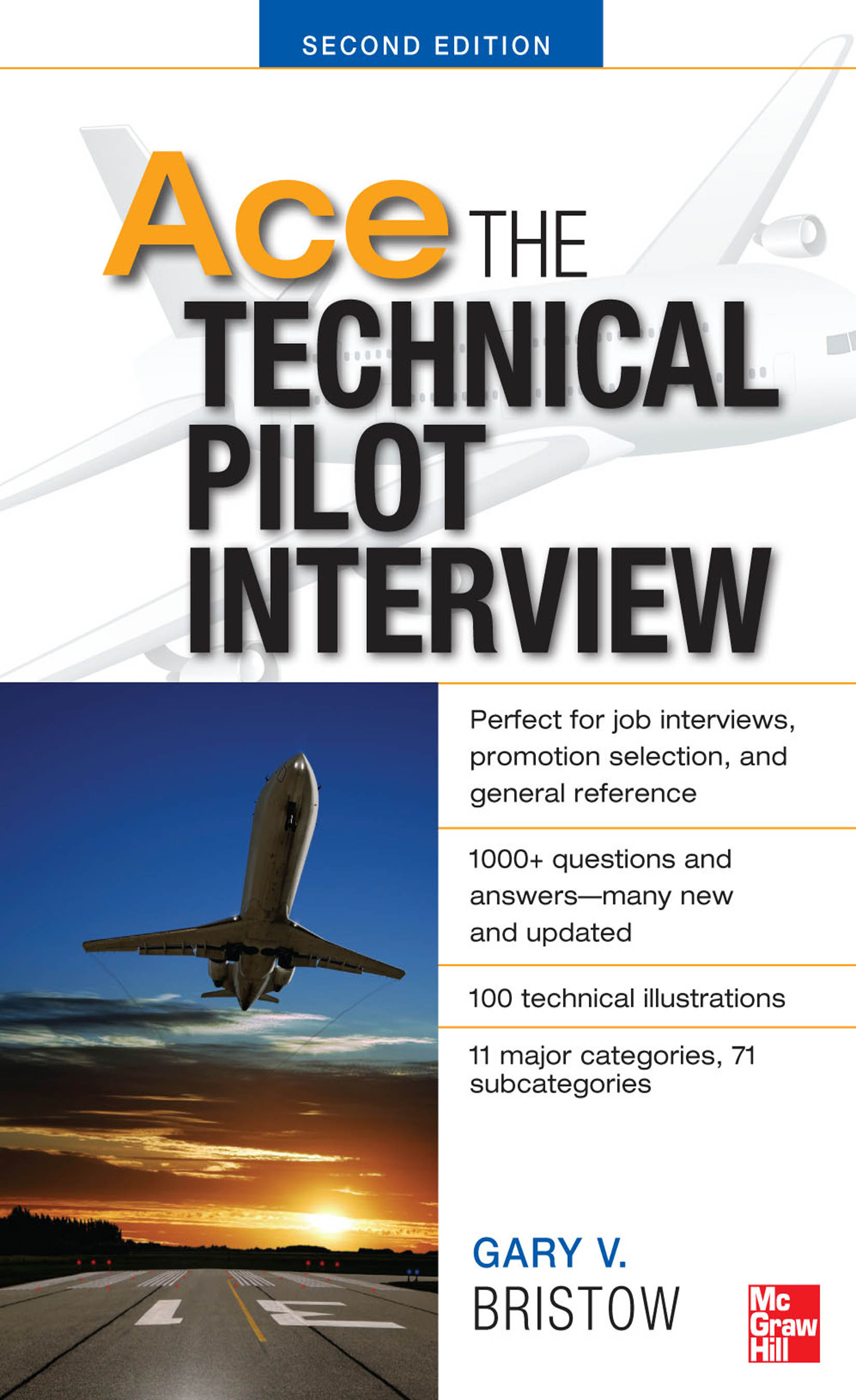
Ace The Technical Pilot Interview 2/E Get your career off the ground with this updated guide to acing the technical pilot interview! Written by an experienced airline pilot, Ace the Technical Pilot Interview, Second Edition is filled with more than 1000 questions and answers, many of them all-new. This practical study tool asks the right questions so you'll know the right answers. It's a must-have, one-stop resource for all pilots, regardless of aircraft type, performance, or global region. Ace the Technical Pilot Interview, Second Edition helps you: Review the material most likely to be asked on your interview Practice with 1000+ exam-style questions--complete with answers Learn about the latest technologies, including CPDLC (Controller Pilot Data Link Communications) and ADS (Automatic Dependent Surveillance) Focus your study on what you need to know COVERAGE INCLUDES: Aerodynamics * Engines * Jet and propeller aircraft differences * Navigation * Atmosphere and speed * Aircraft instruments and systems * Performance and flight planning * Meteorology and weather recognition * Flight operations and technique * Human performance * Type-specific questions TECHNOLOGY & ENGINEERING,Aeronautics & Astronautics
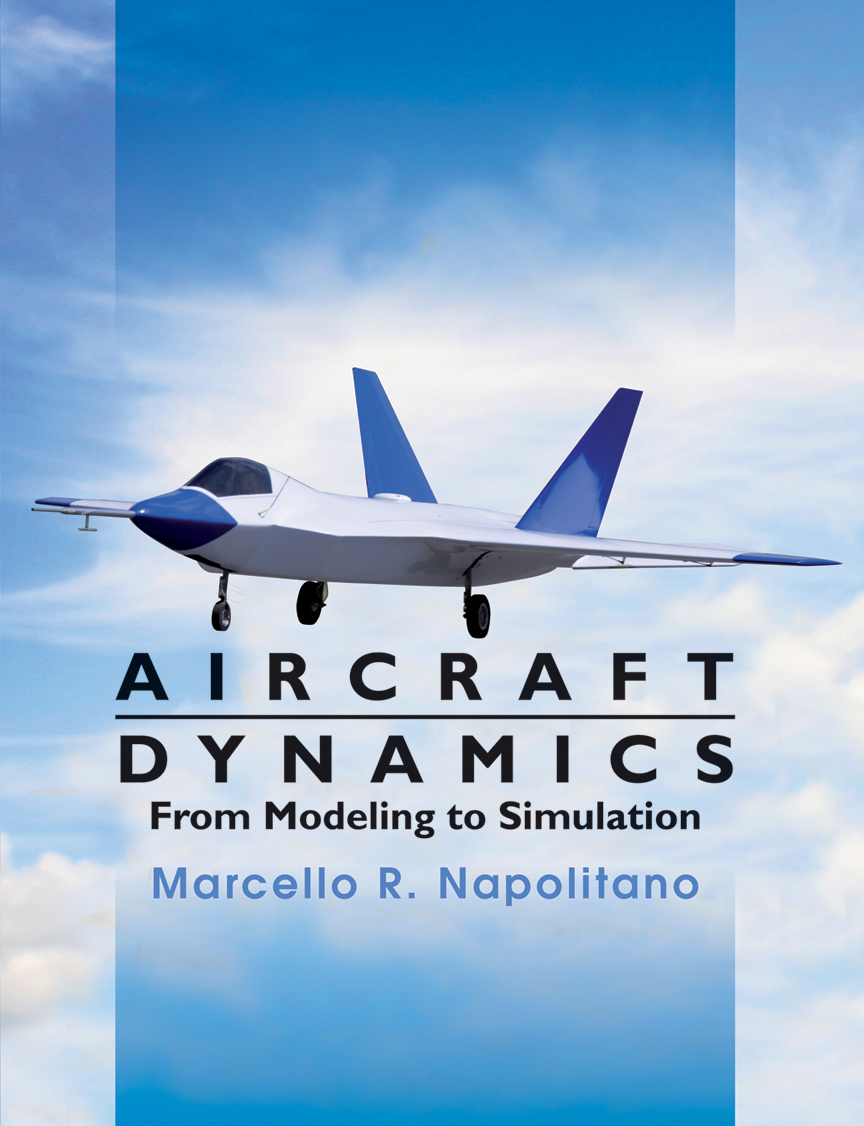
Aircraft Dynamics The 1st edition of Aircraft Dynamics: from Modeling to Simulation by Marcello R. Napolitano is an innovative textbook with specific features for assisting, motivating and engaging aeronautical/aerospace engineering students in the challenging task of understanding the basic principles of aircraft dynamics and the necessary skills for the modeling of the aerodynamic and thrust forces and moments. Additionally the textbook provides a detailed introduction to the development of simple but very effective simulation environments for today demanding students as well as professionals. The book contains an abundance of real life students sample problems and problems along with very useful Matlab codes. TECHNOLOGY & ENGINEERING,Aeronautics & Astronautics
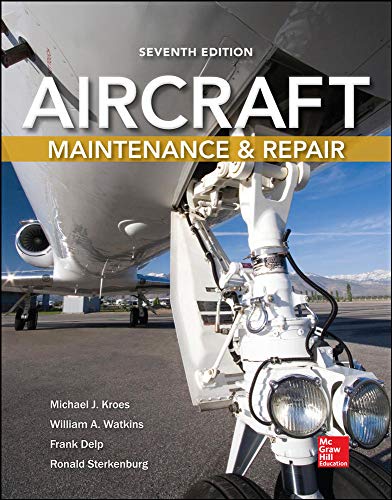
Aircraft Maintenance and Repair, Seventh Edition GET UP-TO-DATE INFORMATION TO PERFORM RETURN-TO-SERVICE AIRCRAFT MAINTENANCE AND PASS YOUR FAA AIRCRAFT CERTIFICATION! Aircraft Maintenance & Repair, Seventh Edition, is a valuable resource for students of aviation technology that provides updated information needed to prepare for an FAA airframe technician certification — and can be used with classroom discussions and practical application in the shop and on aircraft. This expanded edition includes recent advances in aviation technology to help students fi nd employment as airframe and powerplant mechanics and other technical and engineering-type occupations. For easy reference, chapters are illustrated and present specific aspects of aircraft materials, fabrication processes, maintenance tools and techniques, and federal aviation regulations. THIS UPDATED EDITION INCLUDES: Modern aircraft developed since the previous edition, such as the Boeing 777, the Airbus A330, modern corporate jets, and new light aircraft New chemicals and precautions related to composite materials Current FAA regulations and requirements FAA Airframe and Powerplant certification requirements 8-page full-color insert The newest maintenance and repair tools and techniques Updated figures and expanded chapters TECHNOLOGY & ENGINEERING,Aeronautics & Astronautics
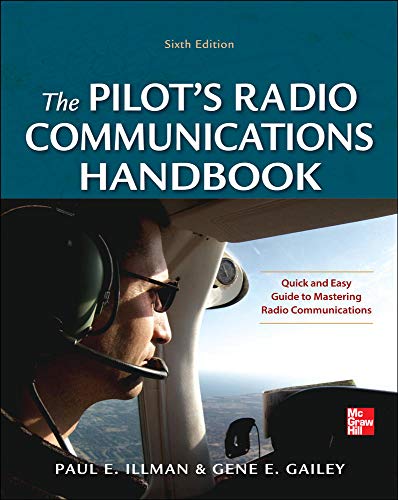
Pilot's Radio Communications Handbook Sixth Edition THE MOST COMPLETE, UP-TO-DATE GUIDE TO RADIO COMMUNICATIONS FOR PILOTS Fully revised to cover the most current protocols, this practical resource provides everything you need to communicate with confidence from the cockpit. The Pilot's Radio Communications Handbook, Sixth Edition discusses the full spectrum of radio facilities and communication responsibilities. Designed primarily, but not exclusively, for VFR pilots, this book spells out what to say to contact a facility, what you should expect to hear, and how to properly respond. A new chapter on communications and emergencies and new coverage of the International Phonetic Alphabet are included. Expand your flight horizons beyond the local controlled or uncontrolled airport with help from this must-have pilot's companion. Coverage includes: * Mastering aviation radio communications * Aviation accidents involving communication failure * Breaking through communication barriers * Airspace classifications * MULTICOM airport radio communications * UNICOM airport radio communications * Flight service stations * ATIS: automatic terminal information service * Ground control: the airport surface traffi c director * Transponder: the silent communicator * Operating and communicating in Class D and E airspaces * Operating and communicating in Class B, Class C, and TRSA airspaces * Communicating with approach/departure control * Communicating with air route traffic control centers * Handling radio failures * Communications and emergencies * A cross-country flight to bring it all together TECHNOLOGY & ENGINEERING,Aeronautics & Astronautics

Aircraft Electricity and Electronics, Sixth Edition Complete coverage of modern electrical and electronics systems for aircraft Fully updated for the latest technological advances, this comprehensive text describes design concepts, FAA certification requirements, and aerospace-quality maintenance and repair techniques for aircraft electrical and electronics systems. The materials contained in this book will benefit designers, engineers, and technicians for all aircraft and aerospace vehicles. The requirements for the FAA Airframe and Powerplant Mechanic certification are also presented. The book contains new and revised information on: The Airbus A-380 and the Boeing 787 Fiber-optic cable Brushless motors and modern sensors Variable frequency generators Very light jet electrical power systems Electronic maintenance data Advanced integrated test equipment GPS augmentation systems and satellite communications Flight data and cockpit voice recorders Synthetic vision and radar systems Integrated flight decks Flight management systems And much more This thoroughly up-to-date resource leads you from the fundamentals of electron theory through to the study of aircraft digital control systems. In-depth details on AC and DC systems for virtually all varieties of aircraft--including the newest models--are provided. New and improved diagrams, an 8-page full-color insert, and helpful troubleshooting techniques are also included.Aircraft Electricity and Electronics, Sixth Edition, covers: • Fundamentals of electricity • Applications of Ohm’s law • Aircraft storage batteries • Electric wire and wiring practices • Alternating current • Electrical control devices • Digital electronics • Electric measuring instruments • Electric motors • Generators and related control circuits • Alternators, inverters, and related controls • Power distribution systems • Design and maintenance of aircraft electrical systems • Radio theory • Communication and navigation systems • Weather warning and other safety systems • Instruments and autoflight systems TECHNOLOGY & ENGINEERING,Aeronautics & Astronautics

Automation Airmanship Achieve excellence on the automated flight deck! The first practical guide that shows professional pilots how to safely transition to the automated flight deck Today's remarkable aircraft require remarkable airmanship skills. Automation Airmanship is a breakthrough book that helps pilots master these skills by introducing Nine Principles for Operating Glass Cockpit Aircraft. The nine principles were derived from over a decade of fi eldwork with organizations worldwide that have successfully transitioned to advanced aircraft fleets. Each principle provides a building block for a simplifi ed, straightforward, and disciplined approach to operating increasingly complex aircraft safely and effectively in demanding operational environments. Written by experienced airline captains who have trained others through the glass cockpit transition, this book presents ideas useful to both veteran glass cockpit pilots and those new to the twenty-first century flight deck. More than a simple list of skills, this powerful resource draws on real-life examples, providing the roadmap you need to successfully transition from steam to glass--and maintain a performance edge for your entire career. Features: In-flight experience of experts Success stories and lessons learned from across the industry Real-world accident investigations to underscore the importance of these principles Powerful tools to avoid errors or to resolve them when issues arise A guide to fundamentals of automated flight deck architecture Principles and practices for all phases of flight operations TECHNOLOGY & ENGINEERING,Aeronautics & Astronautics
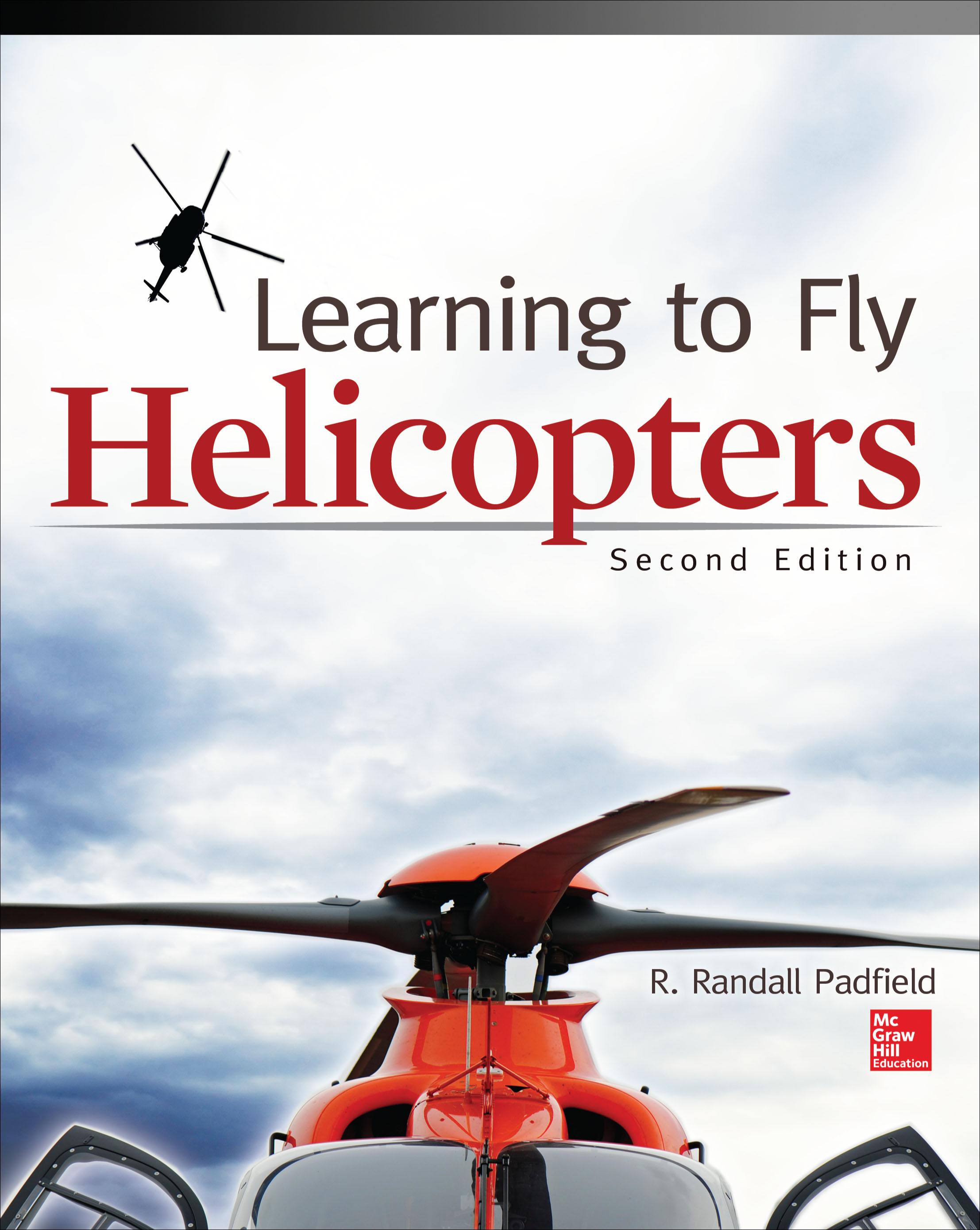
Learning to Fly Helicopters, Second Edition A comprehensive guide to helicopter flying and flight training for aspiring private or professional helicopter pilots--updated for the first time in 20 years! Extensively revised to cover the latest industry advances, Learning to Fly Helicopters, Second Edition, provides details on the technical and practical aspects of rotarywing flight, guiding you from preflight preparation through postflight procedures and everything in between. Written in a conversational style, the book demystifies the art and science of helicopter flying. Real-world advice from the author and other pilots is included throughout. This copiously illustrated, up-to-date edition features new information on glass cockpits, turbine engines, IFR flying, the latest FAA test standards for a private helicopter pilot certificate, emergency and safety procedures, how to choose a flight school, career opportunities, and more. Become a private or professional helicopter pilot with help from this trusted resource! Learning to Fly Helicopters, Second Edition, covers: Five myths about helicopters Basic aerodynamics Flight controls Your first flight Basic flight maneuvers Learning to hover Autorotations Advanced maneuvers--with new material on hoisting, sling loads, and offshore operations Emergencies Hazards of low-level flying Flight training tips--civil and military Aircraft systems--with new information on glass cockpits and turbine engines Private pilot practical test standards for helicopter pilots The Ten Commandments for helicopter pilots Weight and balance, passenger briefings, and hand signals Employment opportunities Human factors and safety A flight to remember--lessons learned from the author's most stressful flight Born-again copilots--when experienced captains fly the left seat Resources for helicopter pilots Data on and photos of common civil helicopters There but for the grace of God--real hangar stories as told by real pilots Postflight TECHNOLOGY & ENGINEERING,Aeronautics & Astronautics

Standard Aircraft Handbook for Mechanics and Technicians, Seventh Edition The practical, on-the-job aircraft manual--now fully updated For more than 60 years, the Standard Aircraft Handbook for Mechanics and Technicians has been the trusted resource for building, maintaining, overhauling, and repairing aircraft. This illustrated guide provides clear, step-by-step procedures for all essential aircraft tasks. The Seventh Edition has been thoroughly revised to cover the latest advances in the industry, including composite materials, cutting-edge nondestructive testing, and detection equipment and procedures. New photos, diagrams, tables, and schematics are featured throughout this must-have reference. Coverage includes: Tools and their proper use Materials and fabricating Drilling and countersinking Riveting Bolts and threaded fasteners Aircraft plumbing Control cables Electrical wiring and installation Aircraft drawings Nondestructive testing (NDT) Corrosion detection and control Composite materials TECHNOLOGY & ENGINEERING,Aeronautics & Astronautics
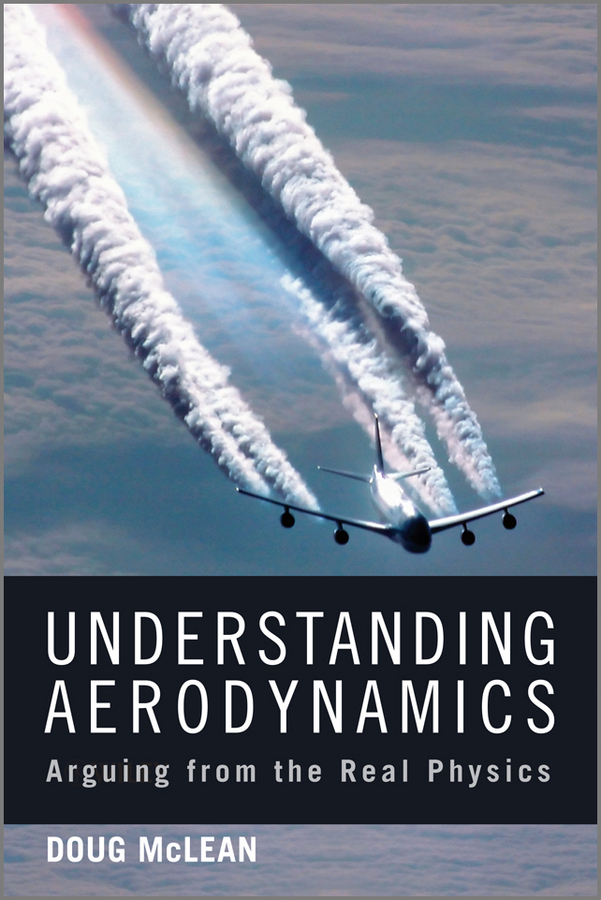
Understanding Aerodynamics Much-needed, fresh approach that brings a greater insight into the physical understanding of aerodynamics Based on the author’s decades of industrial experience with Boeing, this book helps students and practicing engineers to gain a greater physical understanding of aerodynamics. Relying on clear physical arguments and examples, Mclean provides a much-needed, fresh approach to this sometimes contentious subject without shying away from addressing "real" aerodynamic situations as opposed to the oversimplified ones frequently used for mathematical convenience. Motivated by the belief that engineering practice is enhanced in the long run by a robust understanding of the basics as well as real cause-and-effect relationships that lie behind the theory, he provides intuitive physical interpretations and explanations, debunking commonly-held misconceptions and misinterpretations, and building upon the contrasts provided by wrong explanations to strengthen understanding of the right ones. Provides a refreshing view of aerodynamics that is based on the author’s decades of industrial experience yet is always tied to basic fundamentals. Provides intuitive physical interpretations and explanations, debunking commonly-held misconceptions and misinterpretations Offers new insights to some familiar topics, for example, what the Biot-Savart law really means and why it causes so much confusion, what “Reynolds number†and “incompressible flow†really mean, and a real physical explanation for how an airfoil produces lift. Addresses "real" aerodynamic situations as opposed to the oversimplified ones frequently used for mathematical convenience, and omits mathematical details whenever the physical understanding can be conveyed without them. TECHNOLOGY & ENGINEERING,Aeronautics & Astronautics
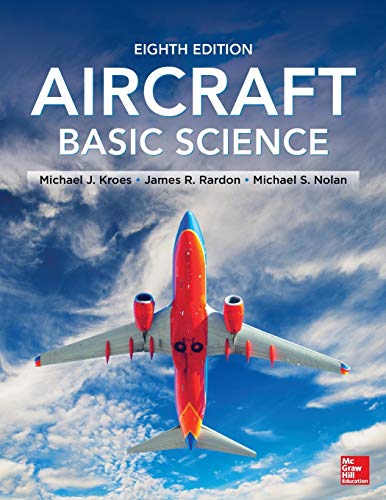
Aircraft Basic Science, Eighth Edition Learn the latest technologies needed to pass the FAA airframe and powerplant maintenance certification! Aircraft Basic Science, Eighth Edition, is a valuable resource for students of aviation technology that provides updated information needed to prepare for an FAA airframe and powerplant maintenance certification. This expanded edition includes recent advances in technology, such as the use of composite aircraft materials, with revised examples and figures to more accurately reflect the state of the industry. For easy reference, chapters are illustrated and present specific aspects of aircraft materials, fabrication processes, maintenance tools, and federal aviation regulations. This updated edition includes: The use, inspection, and fabrication of composite structures, including honeycomb, fiberglass, and carbon fiber materials 4-page full-color insert Hypersonic flight aerodynamics as they apply to high-speed aircraft and space reentry vehicles Tilt rotor aircraft aerodynamics and design New alloys and processes used in aircraft such as powered aluminum and friction stir welding Relevant ICAO/EASA (European and international) rules and regulations including maintenance and repair organizations (MROs), the NASA safety reporting system, ATA systems, the electronic document retrieval system, and recordkeeping systems Ground handling and safety for large, airline-style aircraft New alternative fuels under development including bio and other synthetic fuels FAA Airframe and Powerplant certification requirements needed to perform and approve aircraft maintenance TECHNOLOGY & ENGINEERING,Aeronautics & Astronautics
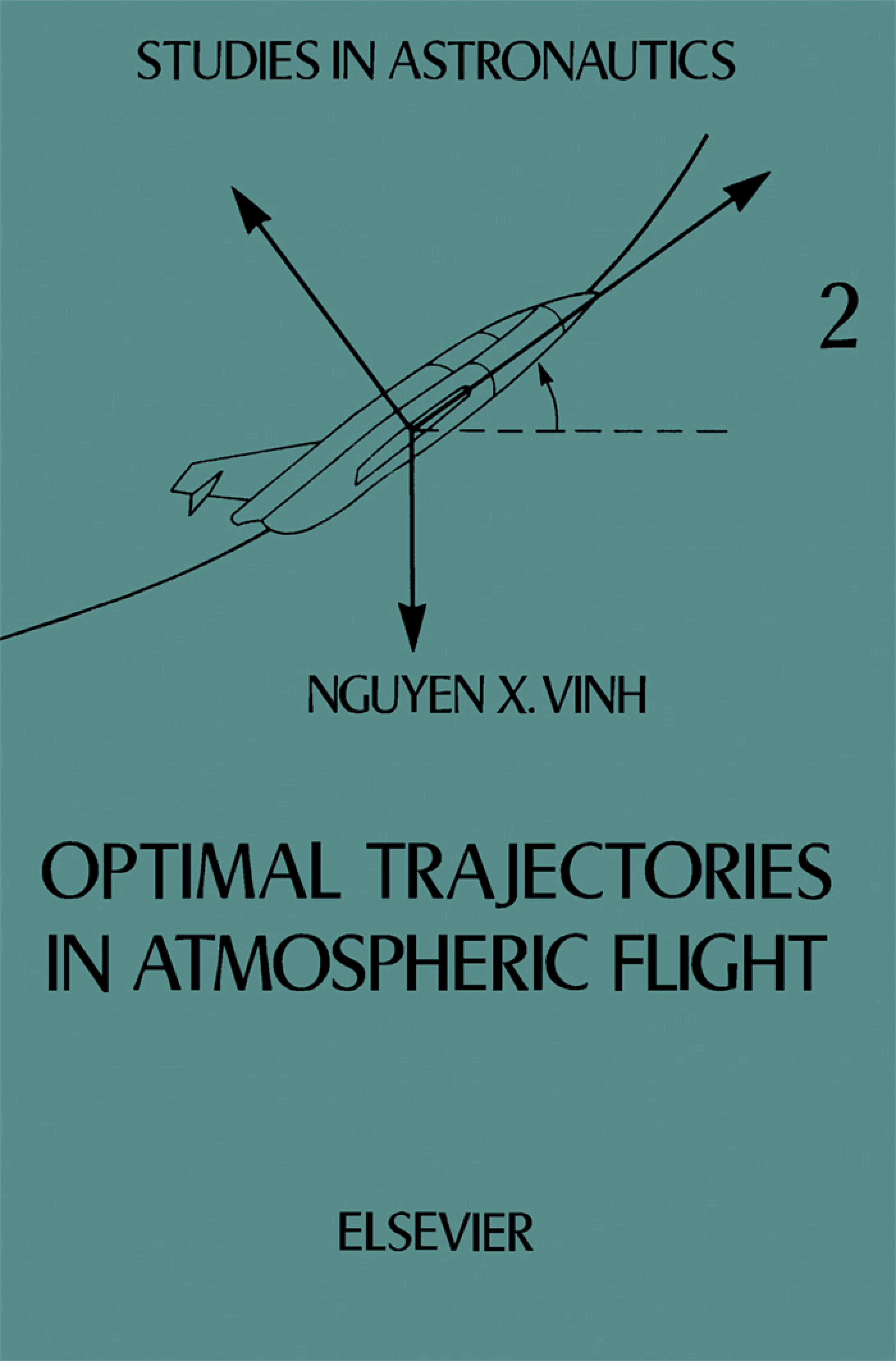
Optimal Trajectories in Atmospheric Flight Optimal Trajectories in Atmospheric Flight deals with the optimization of trajectories in atmospheric flight. The book begins with a simple treatment of functional optimization followed by a discussion of switching theory. It then presents the derivation of the general equations of motion along with the basic knowledge in aerodynamics and propulsion necessary for the analysis of atmospheric flight trajectories. It goes on to the study of optimal trajectories by providing the general properties of the optimal aerodynamic controls and the integrals of motion. This is followed by discussions of high subsonic and supersonic flight, and approximation techniques to reduce the order of the problem for a fast computation of the optimal trajectory. The final chapters present analyses of optimal reentry trajectories and orbital maneuvers. This book is intended as a reference text for scientists and engineers wanting to get into the subject of optimal trajectories in atmospheric flight. If used for teaching purposes, the book is written in a self-contained way so that a selective use of the material is at the discretion of the lecturer. The first 11 chapters are sufficient for a one-semester course with emphasis on optimal maneuvers of high performance aircraft. TECHNOLOGY & ENGINEERING,Aeronautics & Astronautics
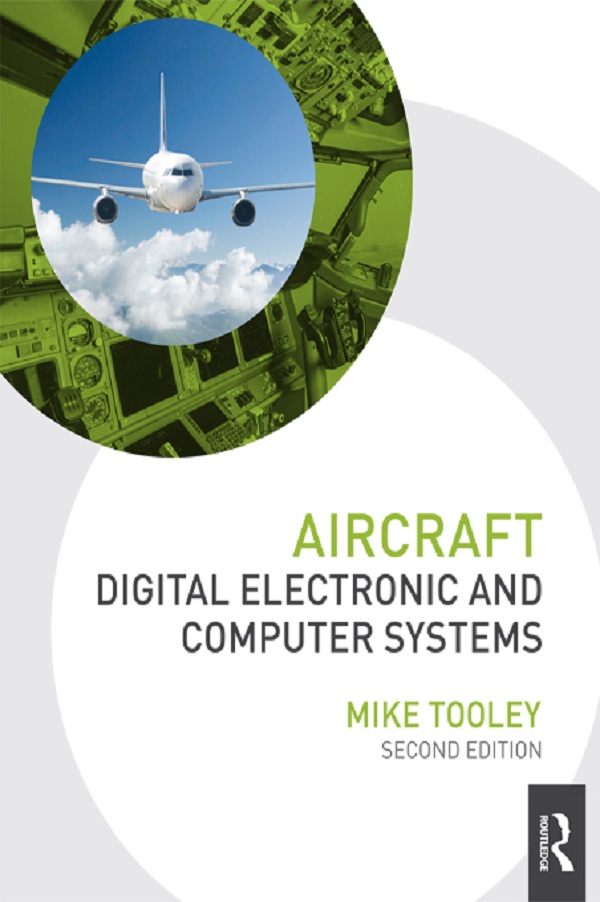
Aircraft Digital Electronic and Computer Systems An introduction to the principles of aircraft digital and electronic systems, this book is written for anyone pursuing a career in aircraft maintenance engineering or a related aerospace engineering discipline. Suitable for those studying towards licensed aircraft maintenance engineer status as part of an EASA Part-66 or FAR-147 approved course, or those taking Aerospace Engineering City & Guilds modules, EDEXCEL National Units, EDEXCEL Higher National Units or a Degree in aircraft engineering. TECHNOLOGY & ENGINEERING,Aeronautics & Astronautics

Advances in Hypersonics These three volumes entitled Advances in Hypersonics contain the Proceedings of the Second and Third Joint US/Europe Short Course in Hypersonics which took place in Colorado Springs and Aachen. The Second Course was organized at the US Air Force Academy, USA in January 1989 and the Third Course at Aachen, Germany in October 1990. The main idea of these Courses was to present to chemists, com puter scientists, engineers, experimentalists, mathematicians, and physicists state of the art lectures in scientific and technical dis ciplines including mathematical modeling, computational methods, and experimental measurements necessary to define the aerothermo dynamic environments for space vehicles such as the US Orbiter or the European Hermes flying at hypersonic speeds. The subjects can be grouped into the following areas: Phys ical environments, configuration requirements, propulsion systems (including airbreathing systems), experimental methods for external and internal flow, theoretical and numerical methods. Since hyper sonic flight requires highly integrated systems, the Short Courses not only aimed to give in-depth analysis of hypersonic research and technology but also tried to broaden the view of attendees to give them the ability to understand the complex problem of hypersonic flight. Most of the participants in the Short Courses prepared a docu ment based on their presentation for reproduction in the three vol umes. Some authors spent considerable time and energy going well beyond their oral presentation to provide a quality assessment of the state of the art in their area of expertise as of 1989 and 1991. TECHNOLOGY & ENGINEERING,Aeronautics & Astronautics
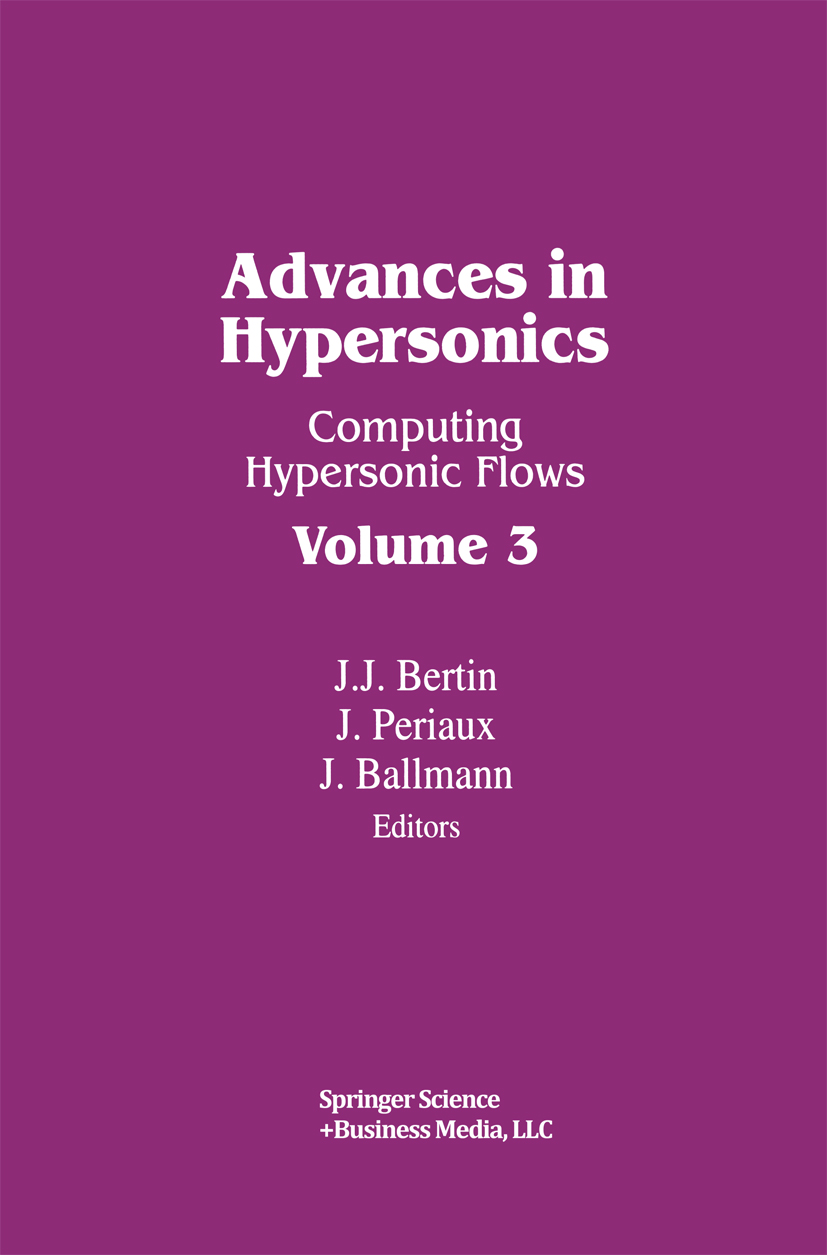
Advances in Hypersonics These three volumes entitled Advances in Hypersonics contain the Proceedings of the Second and Third Joint US/Europe Short Course in Hypersonics which took place in Colorado Springs and Aachen. The Second Course was organized at the US Air Force Academy, USA in January 1989 and the Third Course at Aachen, Germany in October 1990. The main idea of these Courses was to present to chemists, com puter scientists, engineers, experimentalists, mathematicians, and physicists state of the art lectures in scientific and technical dis ciplines including mathematical modeling, computational methods, and experimental measurements necessary to define the aerothermo dynamic environments for space vehicles such as the US Orbiter or the European Hermes flying at hypersonic speeds. The subjects can be grouped into the following areas: Phys ical environments, configuration requirements, propulsion systems (including airbreathing systems), experimental methods for external and internal flow, theoretical and numerical methods. Since hyper sonic flight requires highly integrated systems, the Short Courses not only aimed to give in-depth analysis of hypersonic research and technology but also tried to broaden the view of attendees to give them the ability to understand the complex problem of hypersonic flight. Most of the participants in the Short Courses prepared a docu ment based on their presentation for reproduction in the three vol umes. Some authors spent considerable time and energy going well beyond their oral presentation to provide a quality assessment of the state of the art in their area of expertise as of 1989 and 1991. TECHNOLOGY & ENGINEERING,Aeronautics & Astronautics

Aircraft Engineering Principles Aircraft Engineering Principles is the essential text for anyone studying for licensed A&P or Aircraft Maintenance Engineer status. The book is written to meet the requirements of JAR-66/ECAR-66, the Joint Aviation Requirement (to be replaced by European Civil Aviation Regulation) for all aircraft engineers within Europe, which is also being continuously harmonised with Federal Aviation Administration requirements in the USA. The book covers modules 1, 2, 3, 4 and 8 of JAR-66/ECAR-66 in full and to a depth appropriate for Aircraft Maintenance Certifying Technicians, and will also be a valuable reference for those taking ab initio programmes in JAR-147/ECAR-147 and FAR-147. In addition, the necessary mathematics, aerodynamics and electrical principles have been included to meet the requirements of introductory Aerospace Engineering courses. Numerous written and multiple choice questions are provided at the end of each chapter, to aid learning. TECHNOLOGY & ENGINEERING,Aeronautics & Astronautics
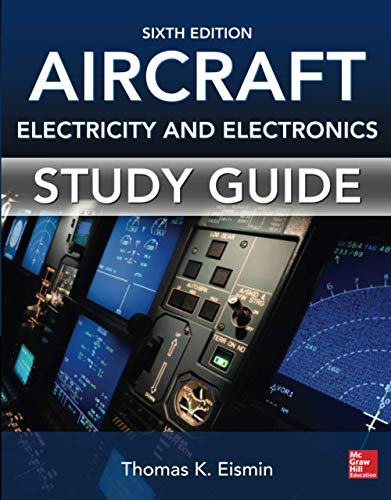
Study Guide for Aircraft Electricity and Electronics, Sixth Edition Test your knowledge of modern electrical and electronics systems for aircraft Fully updated for the latest technological advances, this complete study guide features hundreds of multiple-choice, fill-in-the-blank, and analysis questions to reinforce the material presented in Aircraft Electricity and Electronics, Sixth Edition. Topics covered include design concepts, FAA certification requirements, and aerospace-quality maintenance and repair techniques for aircraft electrical and electronics systems. Designed to help you prepare for the FAA Airframe and Powerplant Mechanic certification exam, this book contains new and revised information on: The Airbus A-380 and the Boeing 787 Fiber-optic cable Brushless motors and modern sensors Variable frequency generators Very light jet electrical power systems Electronic maintenance data Advanced integrated test equipment GPS augmentation systems and satellite communications Flight data and cockpit voice recorders Synthetic vision and radar systems Integrated flight decks Flight management systems And much more Study Guide for Aircraft Electricity and Electronics, Sixth Edition, covers: Fundamentals of electricity Applications of Ohm’s law Aircraft storage batteries Electric wire and wiring practices Alternating current Electrical control devices Digital electronics Electric measuring instruments Electric motors Generators and related control circuits Alternators, inverters, and related controls Power distribution systems Design and maintenance of aircraft electrical systems Radio theory Communication and navigation systems Weather warning and other safety systems Instruments and autoflight systems TECHNOLOGY & ENGINEERING,Aeronautics & Astronautics

Flight Discipline Flight Discipline is the complete tool kit for any aviator, whether military, commercial, or recreational, to develop the crack discipline needed to be a safe and effective aviator. Major Tony Kern analyses the causes of poor flight discipline, gives chilling case studies of the consequences, and lays out a plan for individual improvement. Key words are italicized and review questions included for each chapter. An unequalled guide to this mainspring of good piloting. TECHNOLOGY & ENGINEERING,Aeronautics & Astronautics

Redefining Airmanship Redefining Airmanship offers the first concrete model of the abstract ideal of "airmanship," and gives the reader step-by-step guidance for self-appraisal and improvement in the areas of flight proficiency, teamwork, and good judgment in crisis situations. The author, Major Tony Kern, draws on his extensive flight and crew-training experience in the U.S. Air Force, but his model is invaluable for all pilots, whether military, recreational, or commercial. "Kern's work is a breakthrough, and a benchmark."--John J. Nance, author of Blind Trust TECHNOLOGY & ENGINEERING,Aeronautics & Astronautics
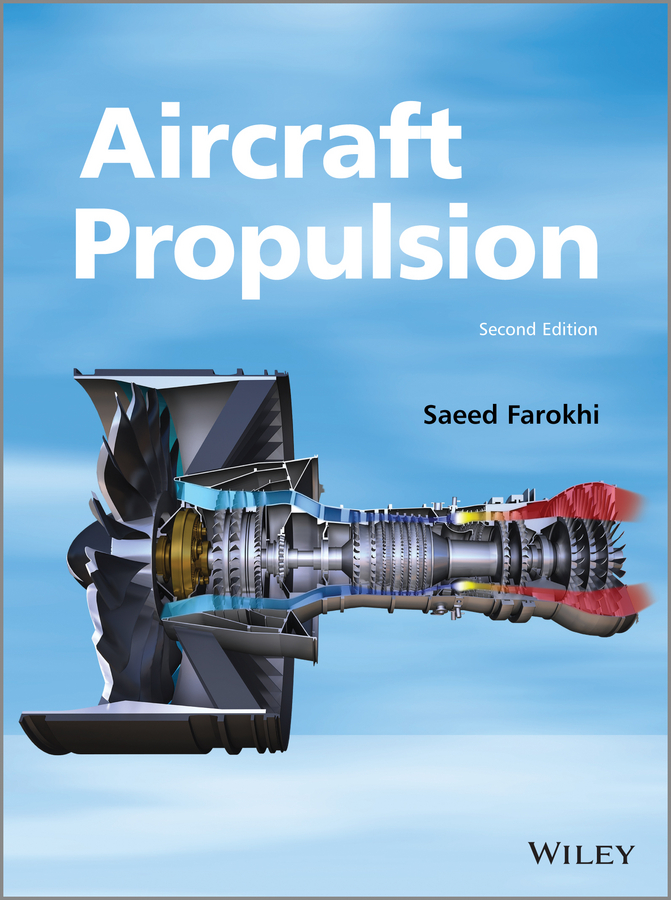
Aircraft Propulsion New edition of the successful textbook updated to include new material on UAVs, design guidelines in aircraft engine component systems and additional end of chapter problems Aircraft Propulsion, Second Edition follows the successful first edition textbook with comprehensive treatment of the subjects in airbreathing propulsion, from the basic principles to more advanced treatments in engine components and system integration. This new edition has been extensively updated to include a number of new and important topics. A chapter is now included on General Aviation and Uninhabited Aerial Vehicle (UAV) Propulsion Systems that includes a discussion on electric and hybrid propulsion. Propeller theory is added to the presentation of turboprop engines. A new section in cycle analysis treats Ultra-High Bypass (UHB) and Geared Turbofan engines. New material on drop-in biofuels and design for sustainability is added to refl ect the FAA’s 2025 Vision. In addition, the design guidelines in aircraft engine components are expanded to make the book user friendly for engine designers. Extensive review material and derivations are included to help the reader navigate through the subject with ease. Key features: General Aviation and UAV Propulsion Systems are presented in a new chapter Discusses Ultra-High Bypass and Geared Turbofan engines Presents alternative drop-in jet fuels Expands on engine components' design guidelines The end-of-chapter problem sets have been increased by nearly 50% and solutions are available on a companion website Presents a new section on engine performance testing and instrumentation Includes a new 10-Minute Quiz appendix (with 45 quizzes) that can be used as a continuous assessment and improvement tool in teaching/learning propulsion principles and concepts Includes a new appendix on Rules of Thumb and Trends in aircraft propulsion Aircraft Propulsion, Second Edition is a must-have textbook for graduate and undergraduate students, and is also an excellent source of information for researchers and practitioners in the aerospace and power industry. TECHNOLOGY & ENGINEERING,Aeronautics & Astronautics
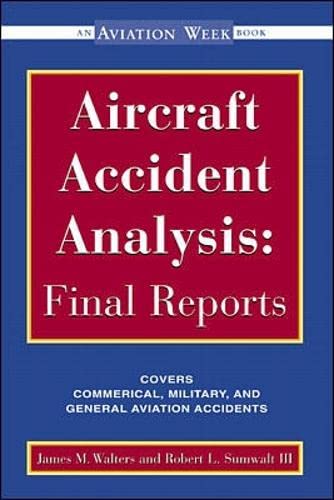
Aircraft Accident Analysis Fascinating and factual accounts of the world’s most recent and compelling crashes Industry insiders James Walters and Robert Sumwalt, trained aviation accident investigators and commercial airline pilots, offer expert analyses of notable and recent aircraft accidents in this eye-opening, lesson-filled case file. Culled from final reports issued by military and foreign government investigations, as well as additional research and resources, Aircraft Accident Analysis: Final Reports tells the final and full tales of doomed flights that stopped the world cold in their wake. Technical accuracy and details, presented in layman’s language, help to clarify: Major accidents from commercial, military, and general aviation flights Pilot backgrounds and flight histories Chronology of events leading to each accident Description of aviation investigation process Insight into NTSB, military, and foreign government findings Resulting recommendations, requirements, and policy changes Readable, authoritative, and complete, Aircraft Accident Analysis: Final Reports is at once an important reference tool and a riveting, what-went-wrong look at air safety for everyone who flies. Featured final and preview reports include: U.S. Air Force, U.S Commerce Secretary Ron Brown, Dubrovnik, Croatia Jessica Dubroff, Cheyenne, Wyoming Valujet Airlines 592, Everglades, Florida American Airlines 955, Cali, Columbia John Denver, Pacific Grove, California Atlantic Southeast Airlines, Carrollton, Georgia US Air 427, Pittsburgh, Pennsylvania TWA 800, Long Island, New York Delta Air Lines, LaGuardia Airport, New York John F. Kennedy, Jr., Martha’s Vineyard, Massachusetts TECHNOLOGY & ENGINEERING,Aeronautics & Astronautics
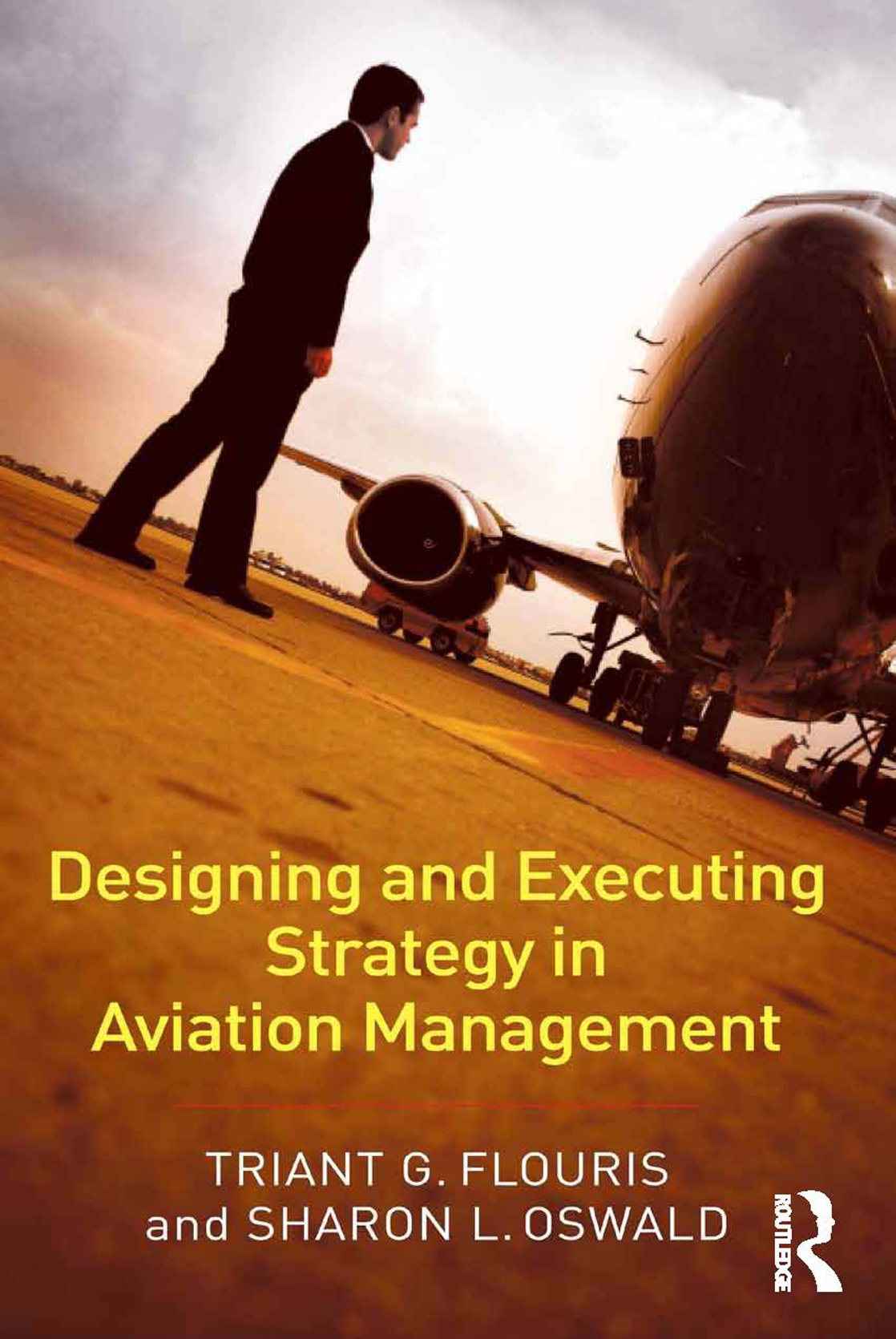
Designing and Executing Strategy in Aviation Management Designing and Executing Strategy in Aviation Management is designed to provide an intensely practical guide to this critically important topic. Comprehensive in coverage and easy-to-read in style, it allows both professionals and students to understand the principles and practicalities of crafting and executing business strategies with an aviation context. The result is a comprehensive and multifaceted teaching/learning package, which includes applied case studies on a wide range of airlines and aviation businesses, setting out how these organizations deal with strategy formulation and implementation in critical areas. Topics covered include: corporate strategy, generic strategy, competitive strategy, internal and external environment assessment, mergers, alliances, safety and security. Written directly for both aviation professionals and student courses in aviation strategy, aviation management and aviation operations, it will also be of great interest to aviation professionals in a variety of different fields, including airlines, corporate aviation, consultancy, etc., as well as academics within the field of aviation and those within the field of strategy and management science. TECHNOLOGY & ENGINEERING,Aeronautics & Astronautics

Flight Theory and Aerodynamics The pilot's guide to aeronautics and the complex forces of flight Flight Theory and Aerodynamics is the essential pilot's guide to the physics of flight, designed specifically for those with limited engineering experience. From the basics of forces and vectors to craft-specific applications, this book explains the mechanics behind the pilot's everyday operational tasks. The discussion focuses on the concepts themselves, using only enough algebra and trigonometry to illustrate key concepts without getting bogged down in complex calculations, and then delves into the specific applications for jets, propeller crafts, and helicopters. This updated third edition includes new chapters on Flight Environment, Aircraft Structures, and UAS-UAV Flight Theory, with updated craft examples, component photos, and diagrams throughout. FAA-aligned questions and regulatory references help reinforce important concepts, and additional worked problems provide clarification on complex topics. Modern flight control systems are becoming more complex and more varied between aircrafts, making it essential for pilots to understand the aerodynamics of flight before they ever step into a cockpit. This book provides clear explanations and flight-specific examples of the physics every pilot must know. Review the basic physics of flight Understand the applications to specific types of aircraft Learn why takeoff and landing entail special considerations Examine the force concepts behind stability and control As a pilot, your job is to balance the effects of design, weight, load factors, and gravity during flight maneuvers, stalls, high- or low-speed flight, takeoff and landing, and more. As aircraft grow more complex and the controls become more involved, an intuitive grasp of the physics of flight is your most valuable tool for operational safety. Flight Theory and Aerodynamics is the essential resource every pilot needs for a clear understanding of the forces they control. TECHNOLOGY & ENGINEERING,Aeronautics & Astronautics
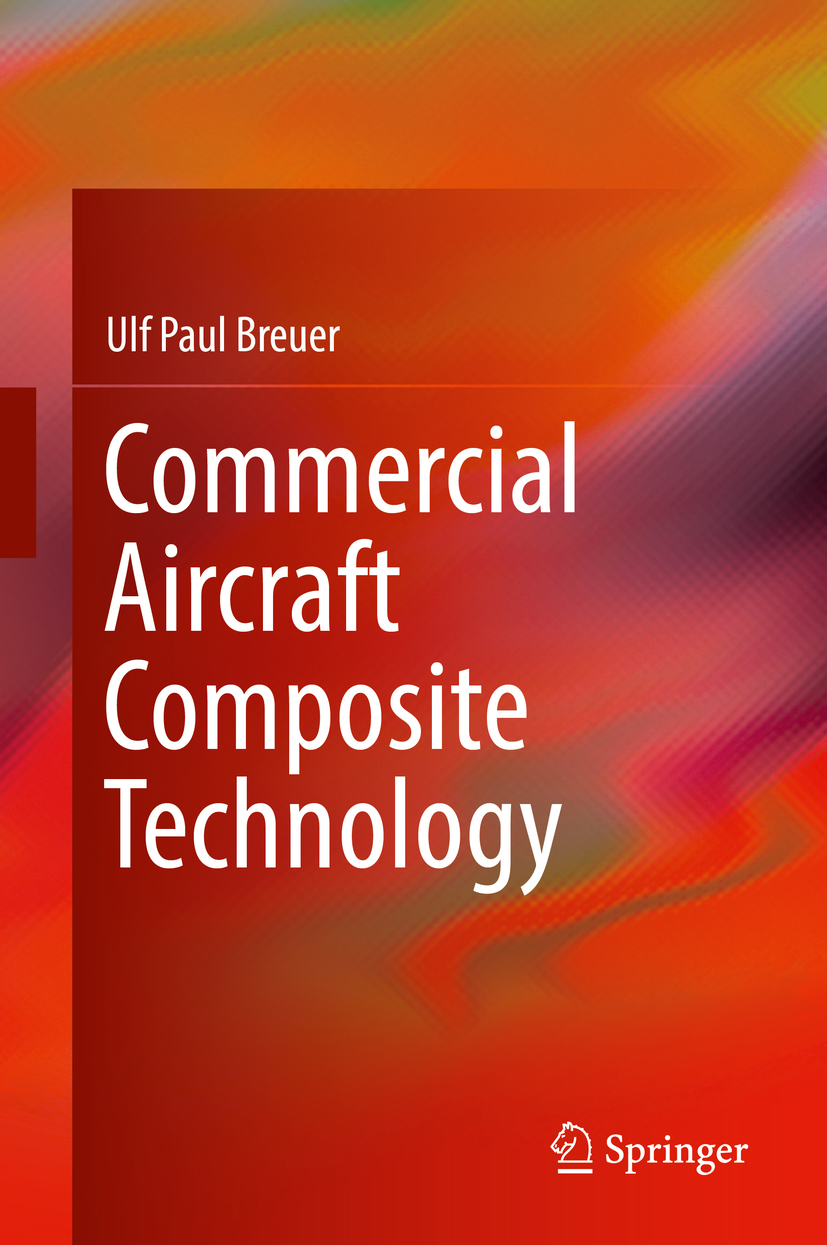
Commercial Aircraft Composite Technology This book is based on lectures held at the faculty of mechanical engineering at the Technical University of Kaiserslautern. The focus is on the central theme of societies overall aircraft requirements to specific material requirements and highlights the most important advantages and challenges of carbon fiber reinforced plastics (CFRP) compared to conventional materials. As it is fundamental to decide on the right material at the right place early on the main activities and milestones of the development and certification process and the systematic of defining clear requirements are discussed. The process of material qualification - verifying material requirements is explained in detail. All state-of-the-art compositemanufacturing technologies are described, including changes and complemented by examples, andtheir improvement potential for future applications is discussed. Tangible case studies of high lift and wing structures emphasize thespecific advantages and challenges of composite technology. Finally, latestR&D results are discussed, providing possible future solutions for keychallenges such as low cost high performance materials, electrical functionintegration and morphing structures. TECHNOLOGY & ENGINEERING,Aeronautics & Astronautics
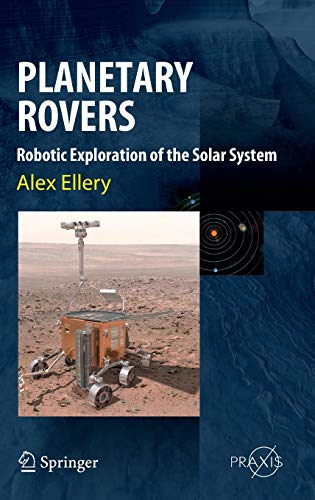
Planetary Rovers This will be the only book on planetary rover development covering all aspects relevant to the design of systems TECHNOLOGY & ENGINEERING,Aeronautics & Astronautics
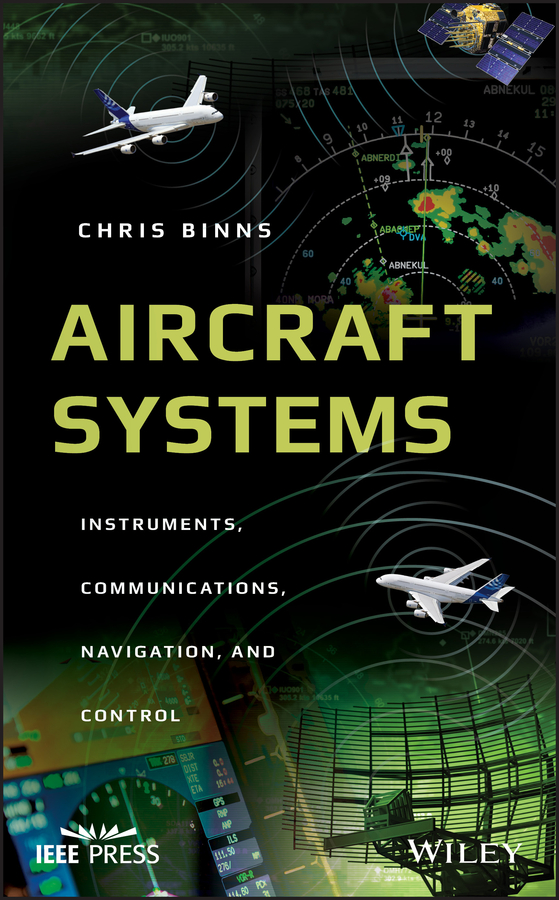
Aircraft Systems An authoritative guide to the various systems related to navigation, control, and other instrumentation used in a typical aircraft Aircraft Systems offers an examination of the most recent developments in aviation as it relates to instruments, radio navigation, and communication. Written by a noted authority in the field, the text includes in-depth descriptions of traditional systems, reviews the latest developments, as well as gives information on the technologies that are likely to emerge in the future. The author presents material on essential topics including instruments, radio propagation, communication, radio navigation, inertial navigation, and puts special emphasis on systems based on MEMS. This vital resource also provides chapters on solid state gyroscopes, magnetic compass, propagation modes of radio waves, and format of GPS signals. Aircraft Systems is an accessible text that includes an investigation of primary and secondary radar, the structure of global navigation satellite systems, and more. This important text: Contains a description of the historical development of the latest technological developments in aircraft instruments, communications and navigation Gives several “interesting diversion†topics throughout the chapters that link the topics discussed to other developments in aerospace Provides examples of instruments and navigation systems in actual use in cockpit photographs obtained during the authors work as a flight instructor Includes numerous worked examples of relevant calculations throughout the text and a set of problems at the end of each chapter Written for upper undergraduates in aerospace engineering and pilots in training, Aircraft Systems offers an essential guide to both the traditional and most current developments in aviation as it relates to instruments, radio navigation, and communication. TECHNOLOGY & ENGINEERING,Aeronautics & Astronautics
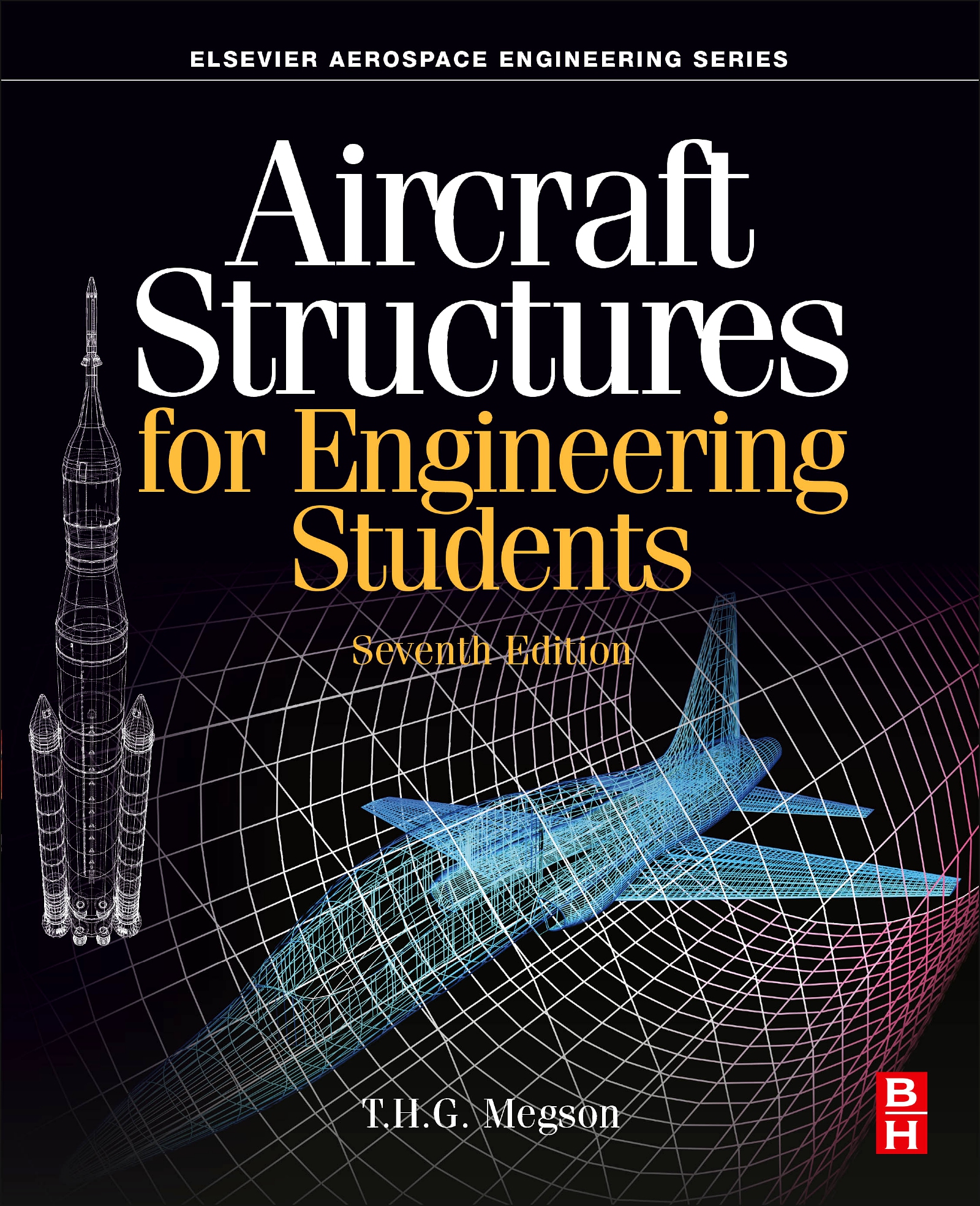
Aircraft Structures for Engineering Students Aircraft Structures for Engineering Students, Sixth Edition, is the leading self-contained aircraft structures course text. It covers all fundamental subjects, including elasticity, structural analysis, airworthiness and aeroelasticity. Now in its sixth edition, the author has expanded the book’s coverage of analysis and design of composite materials for use in aircraft, and has added new, real-world and design-based examples, along with new end-of-chapter problems of varying complexity. Expanded coverage of composite materials and structures New practical and design-based examples and problems throughout the text aid understanding and relate concepts to real world applications Updated and additional Matlab examples and exercises support use of computational tools in analysis and design Available online teaching and learning tools include downloadable Matlab code, solutions manual, and image bank of figures from the book TECHNOLOGY & ENGINEERING,Aeronautics & Astronautics
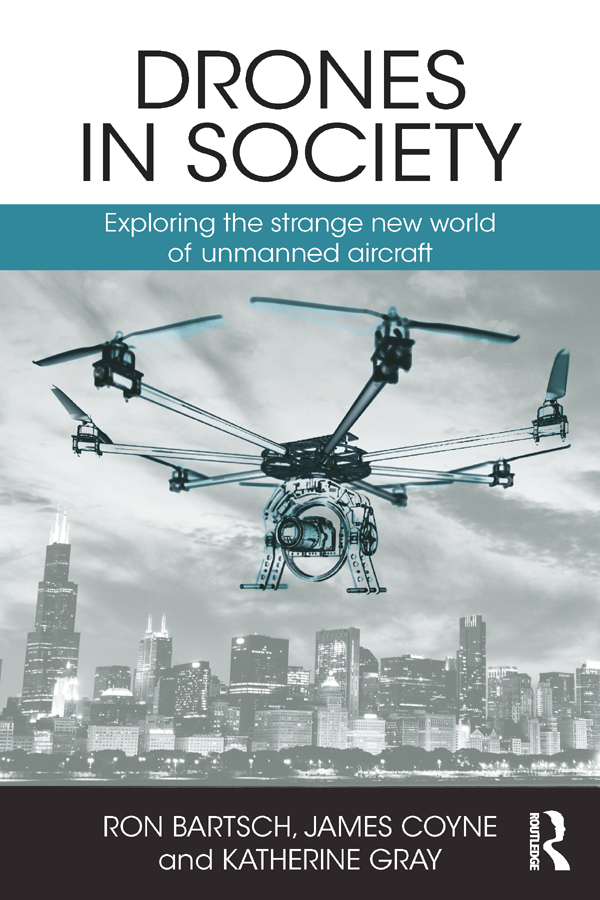
Drones in Society The integration of drones into society has attracted unprecedented attention throughout the world. The change, for aviation, has been described as being equally as big as the arrival of the jet engine. This book examines the issues that surround this change, for our society and the legal frameworks that preserve our way of life. Drones in Society takes the uninitiated on a journey to understand the history of drones, the present day and the potential future in order to demystify the media hype. Written in an accessible style, Drones in Society will appeal to a broad range of interested readerships, among them students, safety regulators, government employees, airspace regulators, insurance brokers and underwriters, risk managers, lawyers, privacy groups and the Remotely Piloted Aircraft System (RPAS) industry generally. In a world first, this book is a light and interesting read; being both relatable and memorable while discussing complex matters of privacy, international law and the challenges ahead for us all. TECHNOLOGY & ENGINEERING,Aeronautics & Astronautics
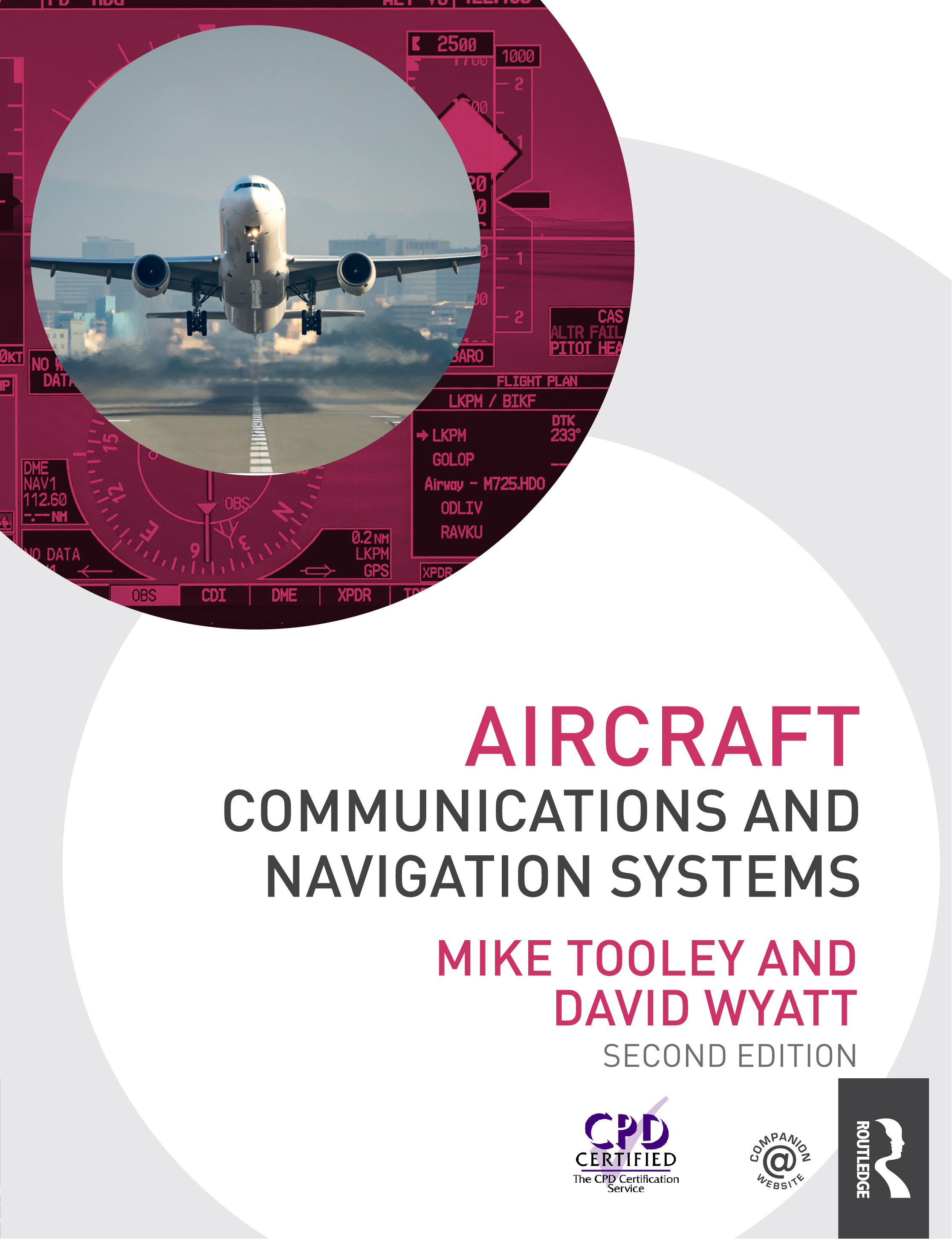
Aircraft Communications and Navigation Systems Introducing the principles of communications and navigation systems, this book is written for anyone pursuing a career in aircraft maintenance engineering or a related aerospace engineering discipline, and in particular will be suitable for those studying for licensed aircraft maintenance engineer status. It systematically addresses the relevant sections (Air Transport Association of America chapters 23/34) of modules 11 and 13 of part-66 of the European Aviation Safety Agency (EASA) syllabus and is ideal for anyone studying as part of an EASA and FAR-147-approved course in aerospace engineering. Delivers the essential principles and knowledge base required by Airframe and Propulsion (A&P) Mechanics for Modules 11 and 13 of the EASA Part-66 syllabus and BTEC National awards in aerospace engineering Supports mechanics, technicians and engineers studying for a Part-66 qualification Comprehensive and accessible, with self-test questions, exercises and multiple choice questions to enhance learning for both independent and tutor-assisted study Additional resources and interactive materials are available at the book's companion website at www.66web.co.uk TECHNOLOGY & ENGINEERING,Aeronautics & Astronautics
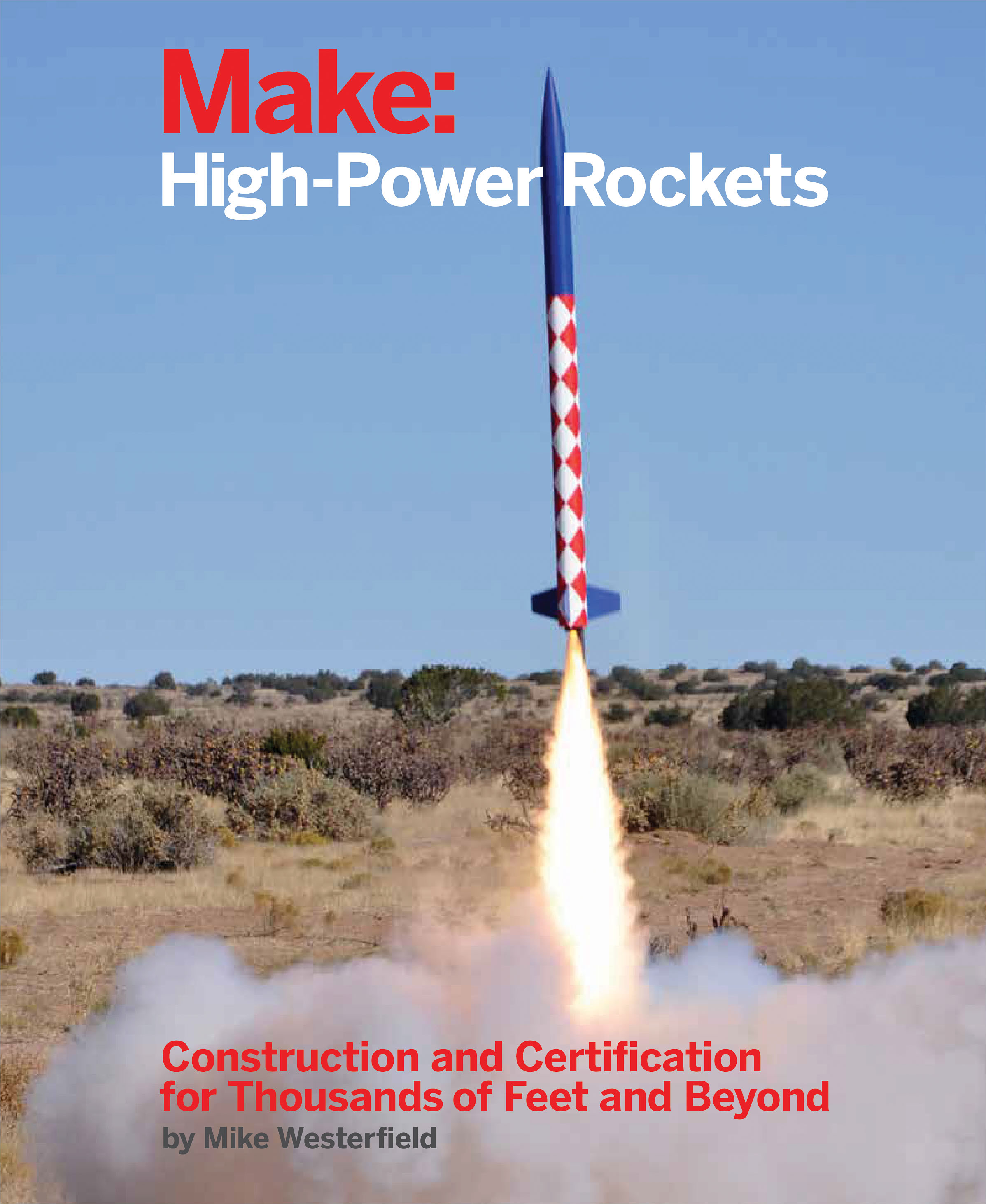
Make Make: High-Power Rockets is for all the science geeks who look at the moon and try to figure out where Neil Armstrong walked, watch in awe as rockets lift off, and want to fly their own model rockets. Starting with an overview of mid- and high-power rocketry, readers will start out making rockets with F and G engines, and move on up to H engines. TECHNOLOGY & ENGINEERING,Aeronautics & Astronautics
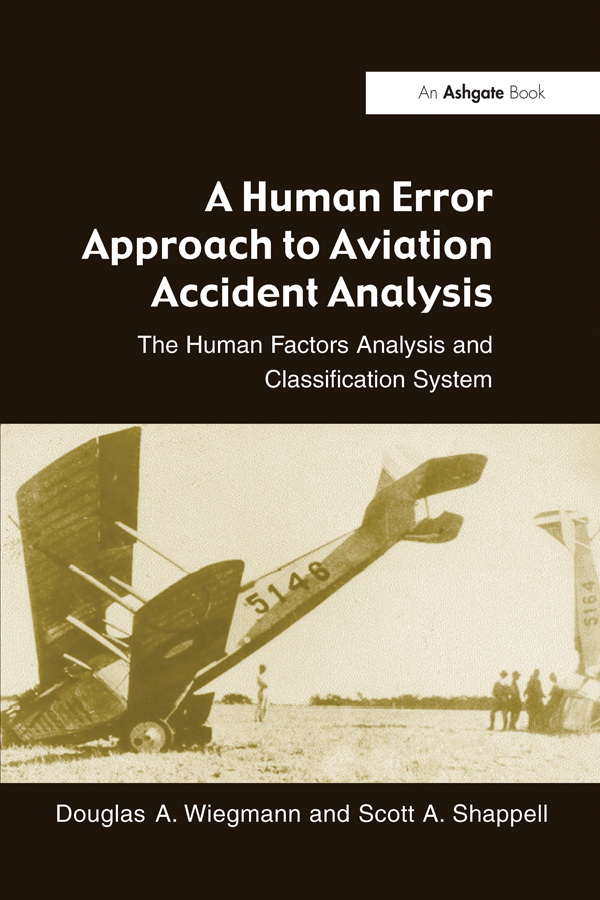
A Human Error Approach to Aviation Accident Analysis Human error is implicated in nearly all aviation accidents, yet most investigation and prevention programs are not designed around any theoretical framework of human error. Appropriate for all levels of expertise, the book provides the knowledge and tools required to conduct a human error analysis of accidents, regardless of operational setting (i.e. military, commercial, or general aviation). The book contains a complete description of the Human Factors Analysis and Classification System (HFACS), which incorporates James Reason's model of latent and active failures as a foundation. Widely disseminated among military and civilian organizations, HFACS encompasses all aspects of human error, including the conditions of operators and elements of supervisory and organizational failure. It attracts a very broad readership. Specifically, the book serves as the main textbook for a course in aviation accident investigation taught by one of the authors at the University of Illinois. This book will also be used in courses designed for military safety officers and flight surgeons in the U.S. Navy, Army and the Canadian Defense Force, who currently utilize the HFACS system during aviation accident investigations. Additionally, the book has been incorporated into the popular workshop on accident analysis and prevention provided by the authors at several professional conferences world-wide. The book is also targeted for students attending Embry-Riddle Aeronautical University which has satellite campuses throughout the world and offers a course in human factors accident investigation for many of its majors. In addition, the book will be incorporated into courses offered by Transportation Safety International and the Southern California Safety Institute. Finally, this book serves as an excellent reference guide for many safety professionals and investigators already in the field. TECHNOLOGY & ENGINEERING,Aeronautics & Astronautics
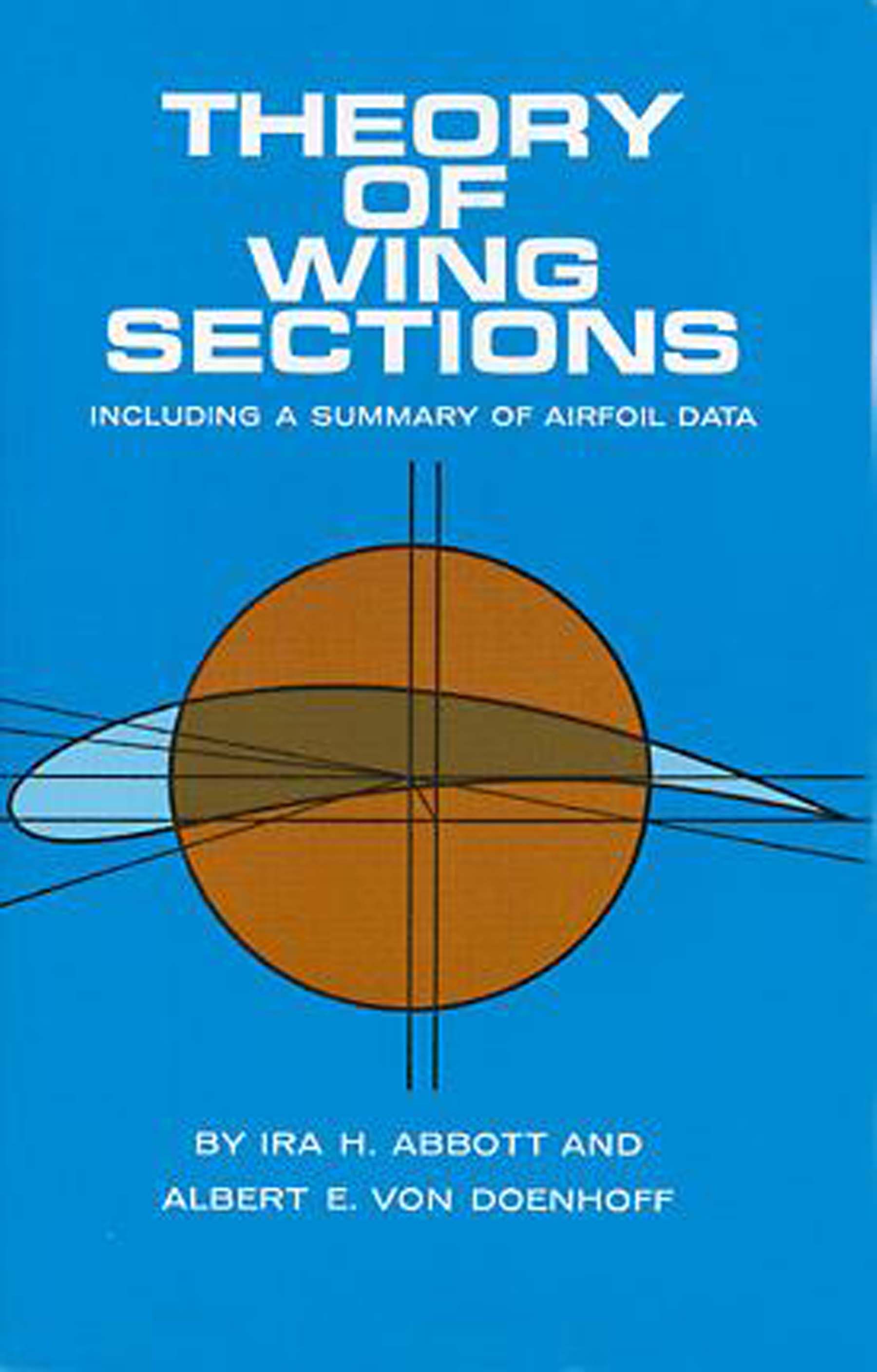
Theory of Wing Sections Concise compilation of subsonic aerodynamic characteristics of NACA wing sections, plus description of theory. 350 pages of tables. TECHNOLOGY & ENGINEERING,Aeronautics & Astronautics

Viscous Hypersonic Flow Designed for advanced undergraduate and graduate courses in modern boundary-layer theory, this frequently cited work offers a self-contained treatment of theories for treating laminar and turbulent boundary layers of reacting gas mixtures. 1962 edition. TECHNOLOGY & ENGINEERING,Aeronautics & Astronautics
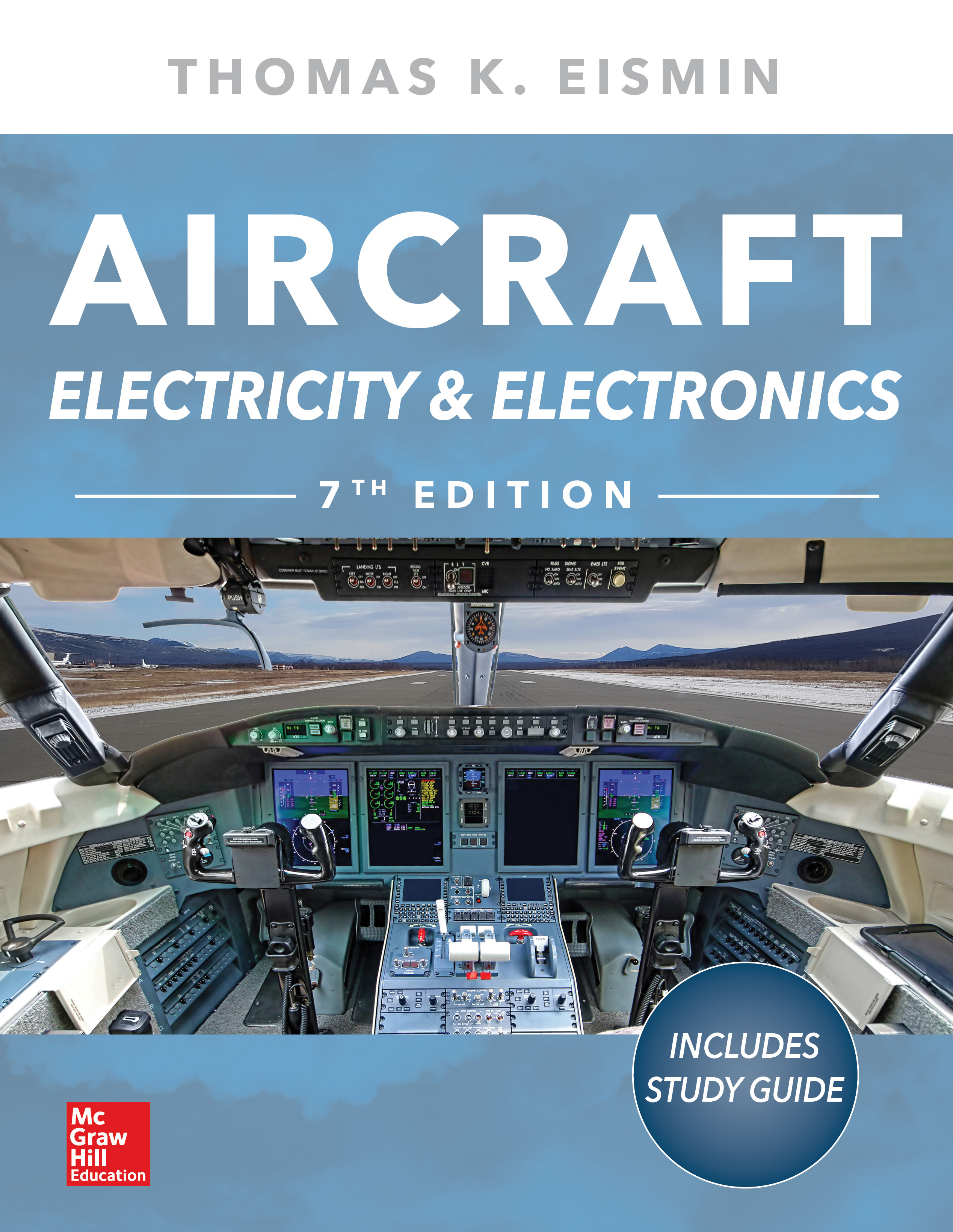
Aircraft Electricity and Electronics, Seventh Edition Two books in one! Up-to-date coverage of electrical and electronics systems for all types of aircraft -- plus a full student study guide This thoroughly revised guide offers comprehensive explanations of the theory, design, and maintenance of current aircraft electrical and electronics systems. In-depth details on AC and DC systems for all varieties of aircraft—including the newest models—are provided, along with improved diagrams and helpful troubleshooting techniques. You will get complete coverage of cutting-edge topics, including digital control systems, digital data transfer methods, fiber-optic technology, and the latest flight deck instrumentation systems. A student study guide is also included, featuring a workbook with hundreds of multiple-choice, fill-in-the-blank, and analysis questions. Aircraft Electricity and Electronics, Seventh Edition, covers: • Aircraft storage batteries • Electric wire and wiring practices • Alternating current • Electrical control devices • Digital electronics • Electric measuring instruments • Electric motors, generators, alternators, and inverters • Power distribution systems • Design and maintenance of aircraft electrical systems • Radio theory • Communication and navigation systems • Weather warning and other safety systems TECHNOLOGY & ENGINEERING,Aeronautics & Astronautics
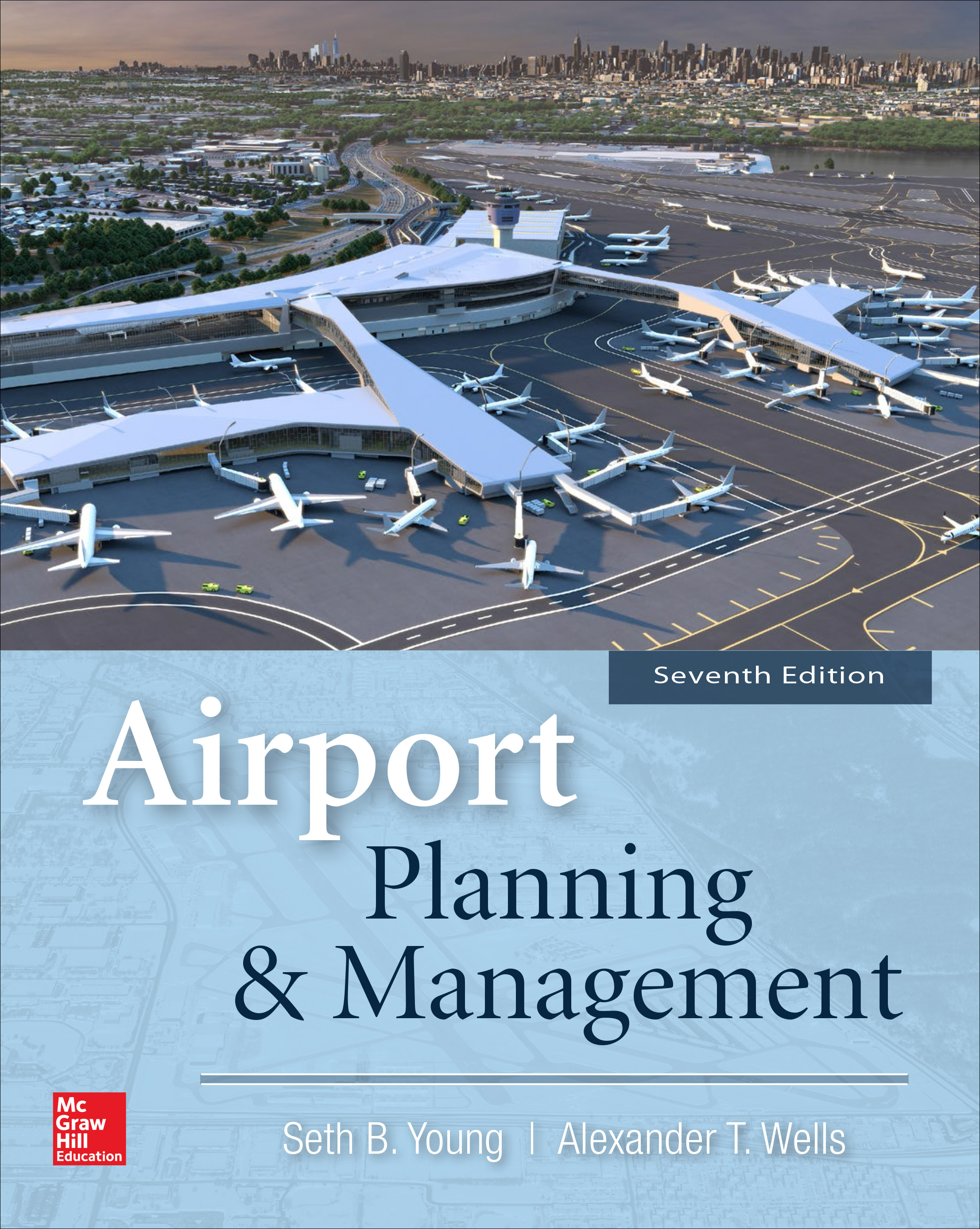
Airport Planning & Management, Seventh Edition The definitive guide to airport planning and management―fully updated with the latest advances in the industry. This thoroughly revised guide covers all aspects of airport infrastructure―from the airfield and runway to airspace, air traffic control, and terminal and security systems. Airport Planning & Management, Seventh Edition clearly explains the FAA’s National Plan of Integrated Airport Systems (NPIAS), historical and current legislation and regulations, FAR Part 139, and more. You’ll explore cutting-edge concepts such as automation, smart baggage handling, enhanced security, and analytics. Updated questions for review and discussion will bring new insights to your knowledge of how airports are planned and managed. Coverage includes: • An introduction to airports and airport systems • Airport and airport systems organization and administration • Historical and legislative perspectives • The airfield • Airspace and air traffic management • Airport operations management under FAR Part 139 • Airport terminals and ground access • Airport security • Airport financial management • Economic, political, and social role of airports • Airport planning • Airport capacity and delay • The future of airport management TECHNOLOGY & ENGINEERING,Aeronautics & Astronautics
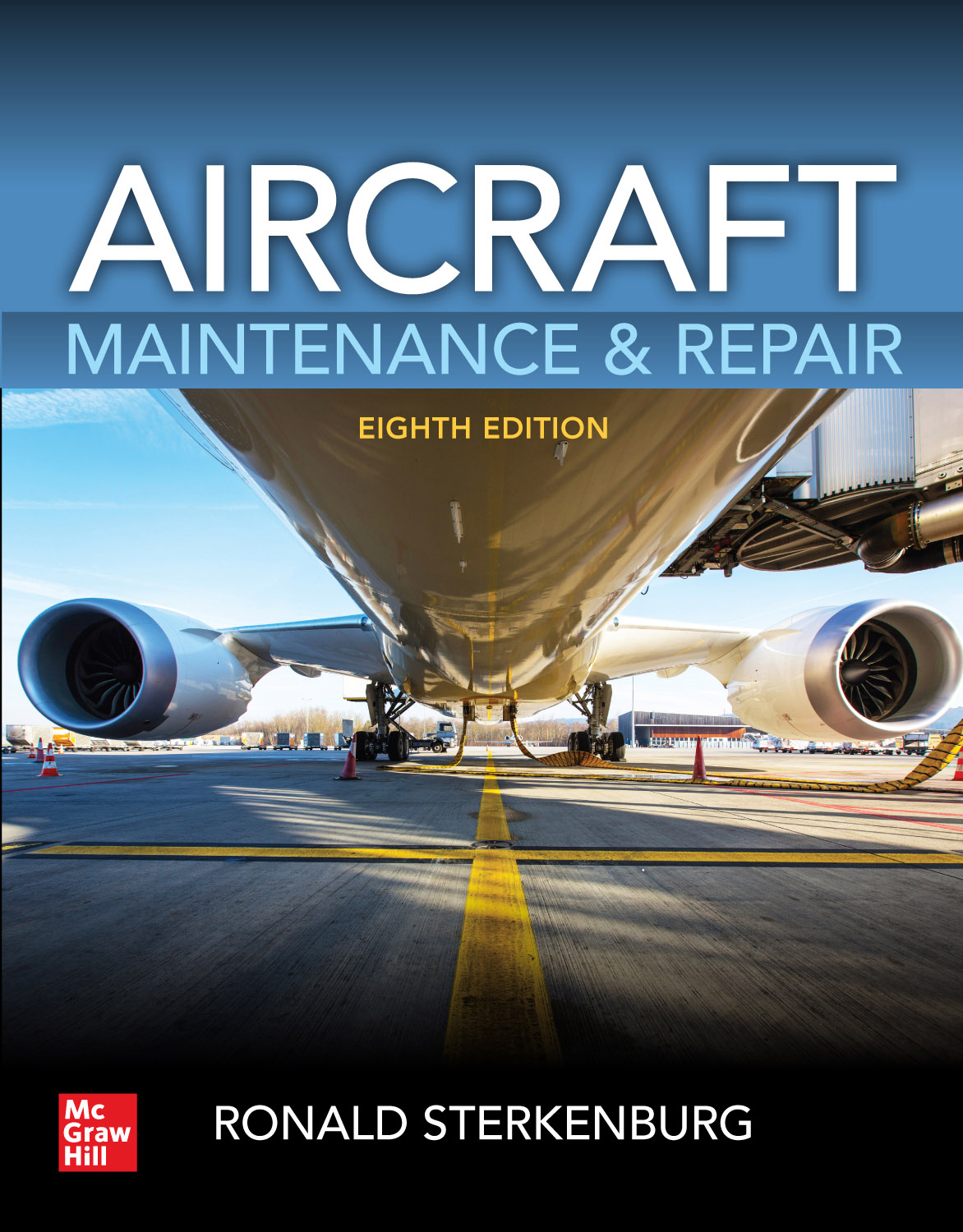
Aircraft Maintenance & Repair, Eighth Edition Publisher's Note: Products purchased from Third Party sellers are not guaranteed by the publisher for quality, authenticity, or access to any online entitlements included with the product. Get up-to-date information on every aspect of aircraft maintenance and prepare for the FAA A&P certification exam This trusted textbook covers all of the airframe maintenance and repair topics that students must understand in order to achieve Airframe and Powerplant (A&P) certification as set forth by the FAA’s FAR 147 curriculum. Fully updated for the latest standards and technologies, the book offers detailed discussions of key topics, including structures and coverings, sheet metal and welding, assemblies, landing gear, and fuel systems. Relevant FAA regulations and safety requirements are highlighted throughout. You will get hundreds of illustrations, end-of-chapter review questions, and multiple-choice practice exam questions. New content reflects the industry-wide shift toward all-composite aircraft models and includes explanations of cutting-edge covering systems, modern welding techniques, methods and tools for riveting and rigging, fire detection, and de-icing systems. Aircraft Maintenance & Repair, Eighth Edition, covers: • Hazardous materials • Structures • Fabric • Painting • Welding equipment • Welding and repair • Sheet-metal construction, inspection, and repair • Plastics and composites • Assembly and rigging • Fluid power • Aircraft landing-gear and fuel systems • Environmental and auxiliary systems • Troubleshooting TECHNOLOGY & ENGINEERING,Aeronautics & Astronautics
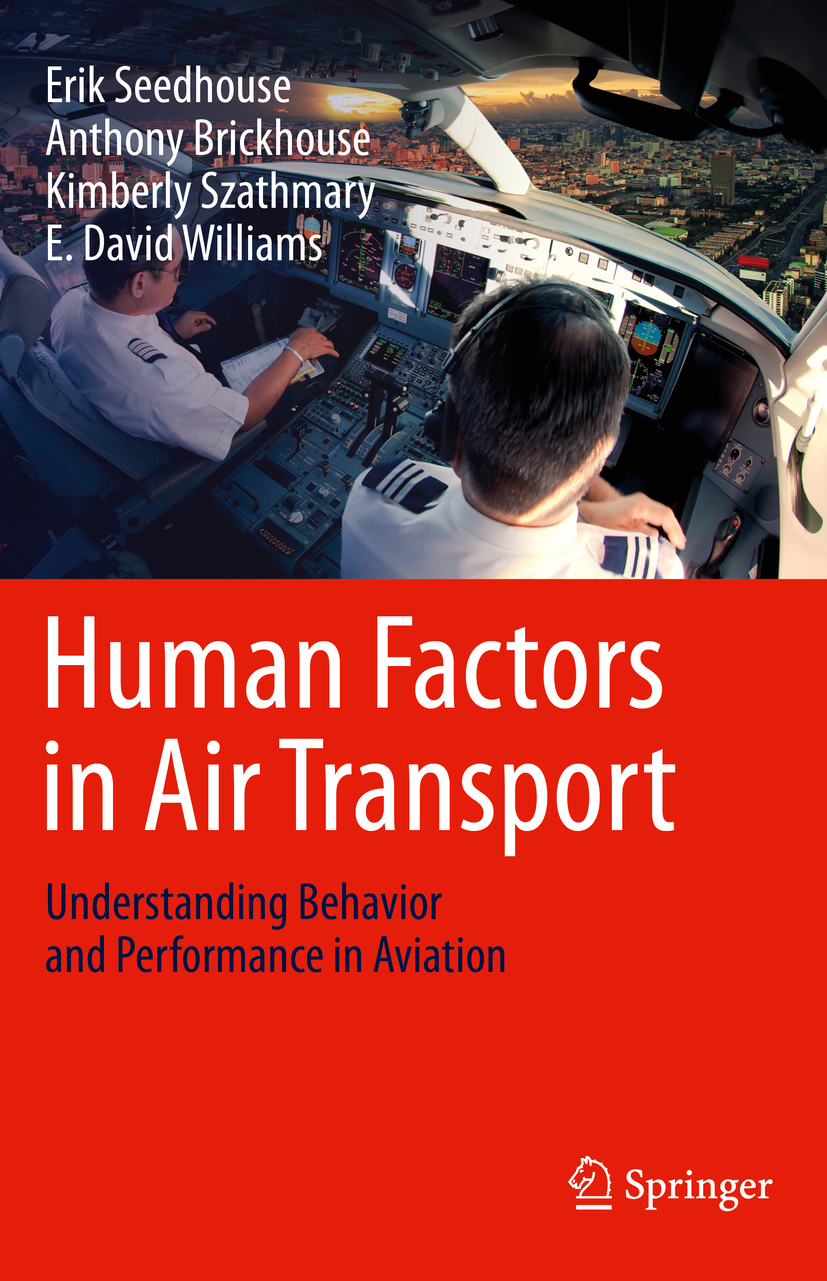
Human Factors in Air Transport This textbook provides students and the broader aviation community with a complete, accessible guide to the subject of human factors in aviation. It covers the history of the field before breaking down the physical and psychological factors, organizational levels, technology, training, and other pivotal components of a pilot and crew's routine work in the field. The information is organized into easy-to-digest chapters with summaries and exercises based on key concepts covered, and it is supported by more than 100 full-color illustrations and photographs. All knowledge of human factors required in aviation university studies is conveyed in a concise and casual manner, through the use of helpful margin notes and anecdotes that appear throughout the text. TECHNOLOGY & ENGINEERING,Aeronautics & Astronautics
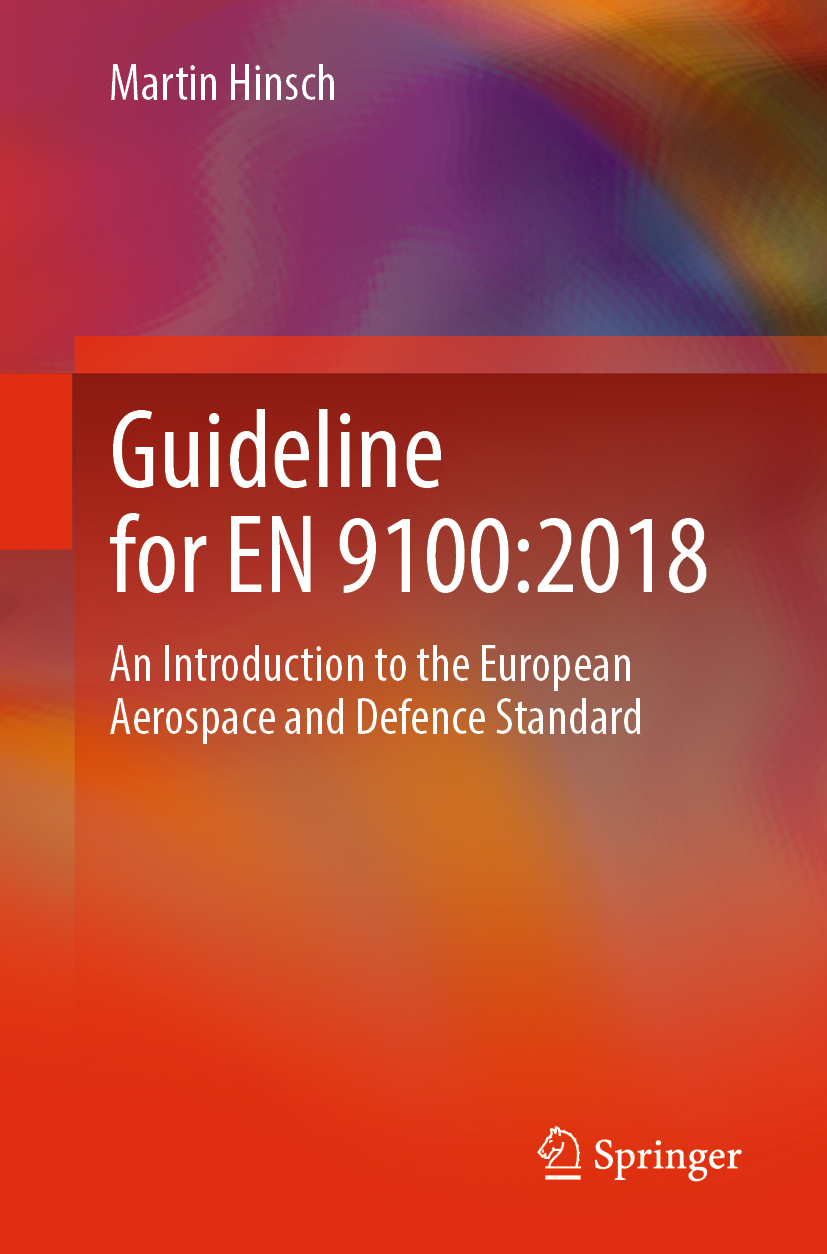
Guideline for EN 9100 The European Standard EN 9100 is the industry-specific norm of the aerospace and defence industry. For cooperation with an aerospace company, certification according to this standard is usually mandatory for suppliers.This book provides support in understanding and implementing the standard or when switching from ISO 9001:2015 to EN 9100:2018. After an introduction to the ISO 9001, the emphasis is placed on the core characteristics of EN 9100 and EN 9120. The book focuses primarily on the explanation and translation of the standards' text into the language of everyday business. The structure of the book strictly follows that of EN 9100:2018. Numerous practical examples facilitate the understanding and implementation in your own company. Where appropriate, special characteristics of the distributor standard EN 9120 are also discussed. Finally, the author describes the certification process in great detail. This includes the preparation, the selection of a certification auditor and a certification body as well as the execution of the audit including process measurements, the handling of nonconformities and the issuing of the certificate. Due to the high degree of congruence between the standards of the EN 9100 series, this book is also suitable as a guideline for the EN 9110 for maintenance organisations and the EN 9120 for distributors. The target group This textbook is aimed at employees working in the quality department of suppliers in the aerospace industry. TECHNOLOGY & ENGINEERING,Aeronautics & Astronautics
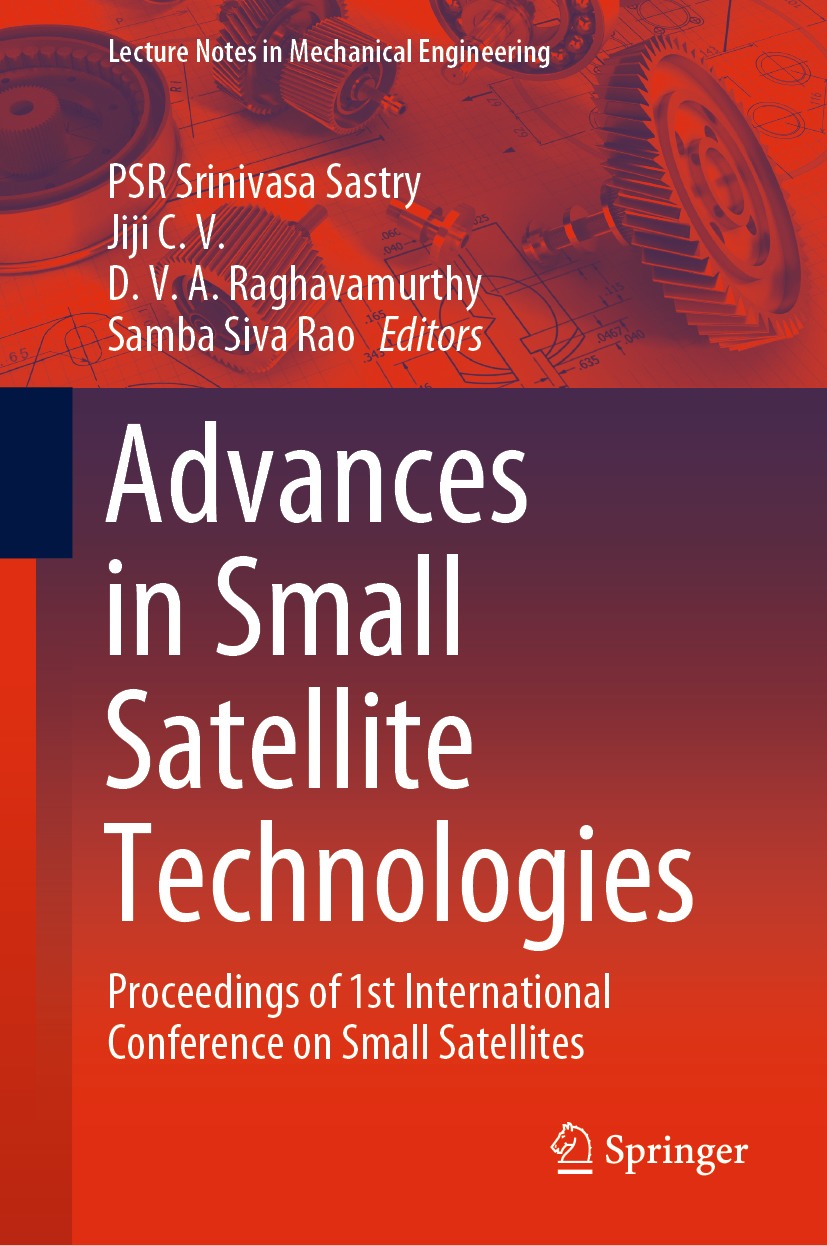
Advances in Small Satellite Technologies This volume contains select papers presented during the 1st International Conference on Small Satellites, discussing the latest research and developments relating to small satellite technology. The papers cover various issues relating to design and engineering, ranging from the control, mechanical and thermal systems to the sensors, antennas and RF systems used. The volume will be of interest to scientists and engineers working on or utilizing satellite and space technologies. TECHNOLOGY & ENGINEERING,Aeronautics & Astronautics

Optimal Guidance and Its Applications in Missiles and UAVs This book presents a comprehensive overview of the recent advances in the domain of optimal guidance, exploring the characteristics of various optimal guidance algorithms and their pros and cons. Optimal guidance is based on the concept of trajectory optimization, which minimizes the meaningful performance index while satisfying certain terminal constraints, and by properly designing the cost function the guidance command can serve as a desired pattern for a variety of mission objectives. The book allows readers to gain a deeper understanding of how optimal guidance law can be utilized to achieve different mission objectives for missiles and UAVs, and also explores the physical meaning and working principle of different new optimal guidance laws. In practice, this information is important in ensuring confidence in the performance and reliability of the guidance law when implementing it in a real-world system, especially in aerospace engineering where reliability is the first priority. TECHNOLOGY & ENGINEERING,Aeronautics & Astronautics
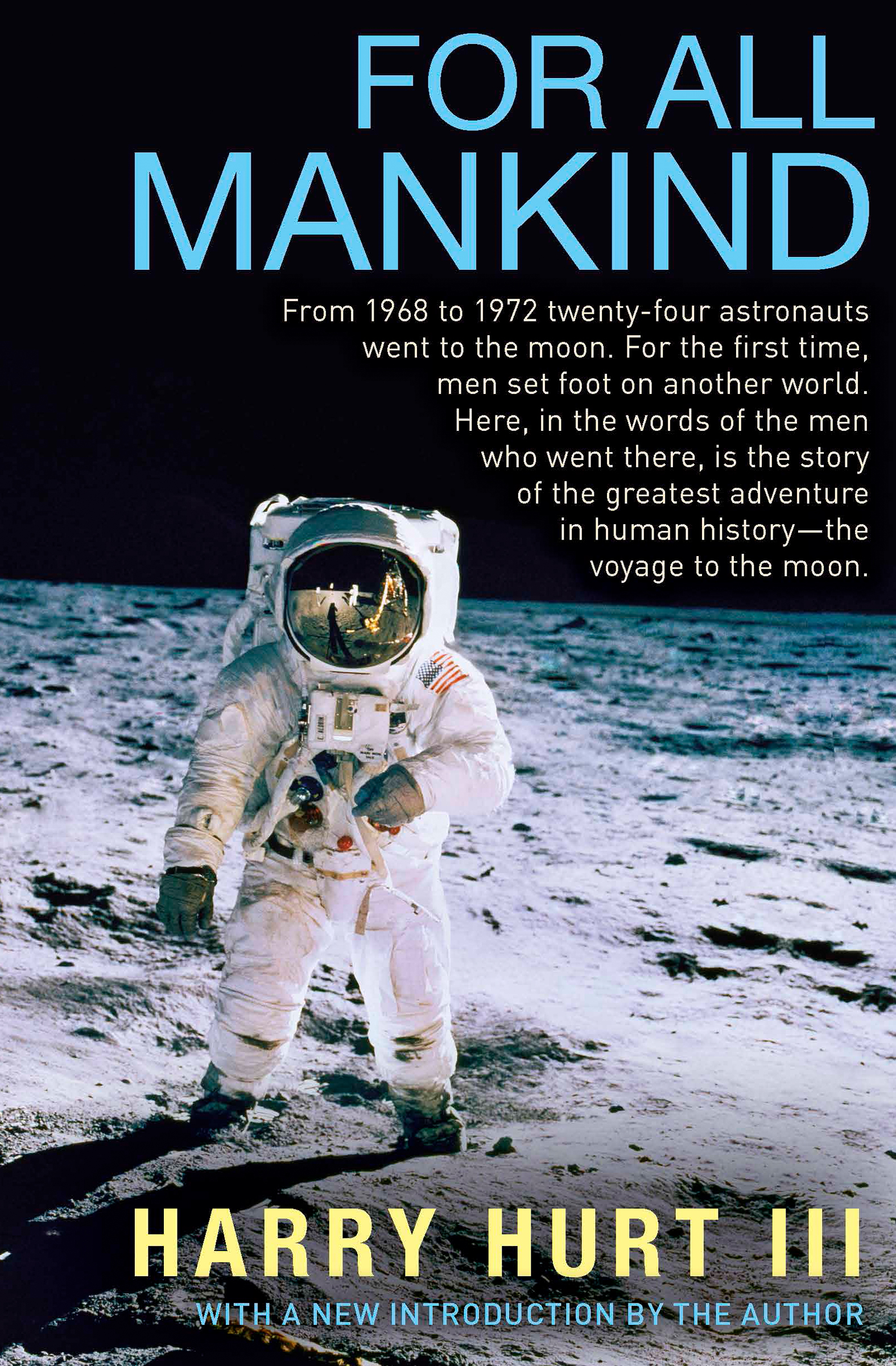
For All Mankind “Far more than a history of lunar exploration . . . [Hurt] is at his best in the deft sketches of the astronauts—as they were and as they became.â€â€”Chicago Tribune Between December 1968 and December 1972, twenty-four men captured the imagination of the world as they voyaged to the moon. In For All Mankind, Harry Hurt III presents a dramatic, engrossing, and expansive account of those journeys. Based on extensive research and exclusive interviews with the Apollo astronauts, For All Mankind remains one of the most comprehensive and revealing firsthand accounts of space travel ever assembled. In their own words, the astronauts share the sights, sounds, thoughts, fears, hopes, and dreams they experienced during their incredible voyages. In a compelling narrative structured as one trip to the moon, Harry Hurt recounts all the drama and danger of the lunar voyages, from the anxiety of the astronauts’ prelaunch procedures through the euphoria of touchdown on the lunar surface. Updated with a new introduction by the author for the 50th anniversary of the Apollo 11 moon landing, For All Mankind is both an extraordinary adventure story and an important historical document. “Hurt’s timely book is like an instant replay of the dramatic moon flight years . . . Hurt tells us of the hardships and the successes of the Apollo program, the remarkable journey to the moon, of the astronauts and technicians who made it possible and the goals of the nation in space.â€â€”Houston Chronicle “The meat here lies in the lunar voyage itself, an irresistible mix of danger, courage, tedium, and spectacle, evoked with unprecedented detail by those who went there.â€â€”Kirkus Reviews TECHNOLOGY & ENGINEERING,Aeronautics & Astronautics
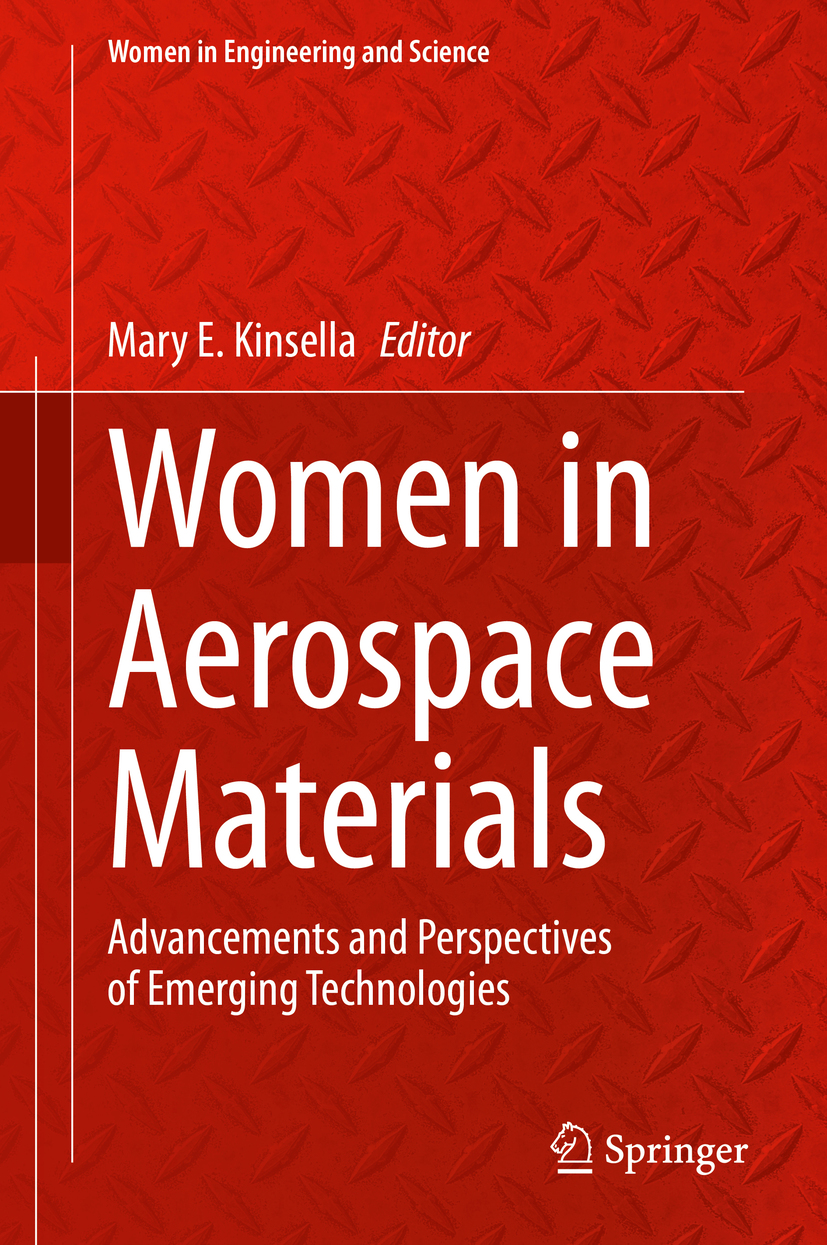
Women in Aerospace Materials This book provides insight into research and development of key aerospace materials that have enabled some of the most exciting air and space technologies in recent years. The stories are shared with you by the women who experienced them, those engineers and scientists in the labs, on the shop floors, or on the design teams contributing to the realization of these technologies. Their work contributes to the world in the challenging and vital field of aerospace materials, and their stories seethe with a pride and a passion for the opportunity to make these important contributions. As an important part of the Women in Science and Engineering book series, the work highlights the contribution of women leaders in Aerospace Materials, inspiring women and men, girls and boys to enter and apply themselves to secure our future in an increasingly connected world. TECHNOLOGY & ENGINEERING,Aeronautics & Astronautics
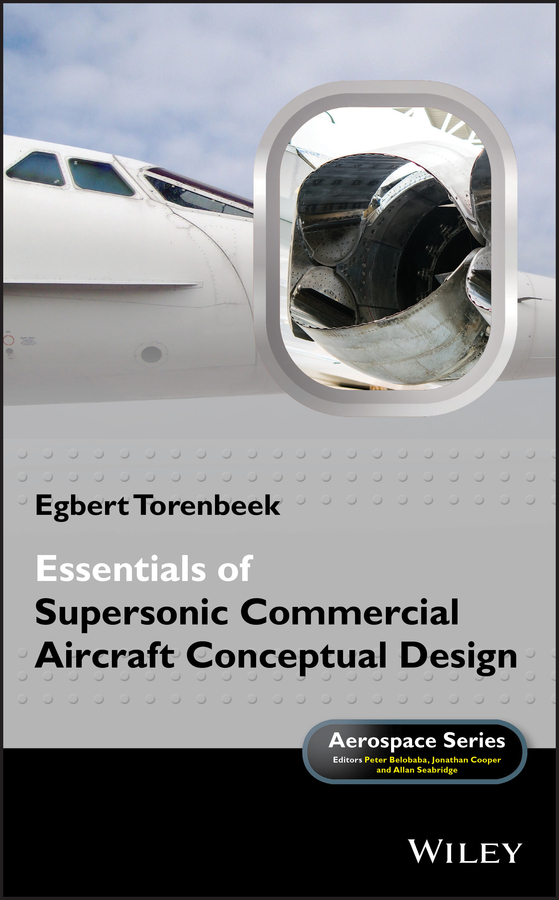
Essentials of Supersonic Commercial Aircraft Conceptual Design Provides comprehensive coverage of how supersonic commercial aircraft are designed This must-have guide to conceptual supersonic aircraft design provides a state-of-the art overview of the subject, along with expert analysis and discussion. It examines the challenges of high-speed flight, covers aerodynamic phenomena in supersonic flow and aerodynamic drag in cruising flight, and discusses the advantages and disadvantages of oblique wing aircraft. Essentials of Supersonic Commercial Aircraft Conceptual Design is intended for members of a team producing an initial design concept of an airliner with the capability of making supersonic cruising flights. It begins with a synopsis of the history of supersonic transport aircraft development and continues with a chapter on the challenges of high-speed flight, which discusses everything from top level requirements and cruise speed requirements to fuel efficiency and cruise altitude. It then covers weight sensitivity; aerodynamic phenomena in supersonic flow; thin wings in two-dimensional flow; flat wings in inviscid supersonic flow; aerodynamic drag in cruising flight, and aerodynamic efficiency of SCV configurations. The book finishes with a chapter that examines oblique wing aircraft. Provides supersonic aircraft designers with everything they need to know about developing current and future high speed commercial jet planes Examines the many challenges of high-speed flight Covers aerodynamic phenomena in supersonic flow and aerodynamic drag in cruising flight Discusses the advantages and disadvantages of oblique wing aircraft Essentials of Supersonic Commercial Aircraft Conceptual Design is an ideal book for researchers and practitioners in the aerospace industry, as well as for graduate students in aerospace engineering. TECHNOLOGY & ENGINEERING,Aeronautics & Astronautics
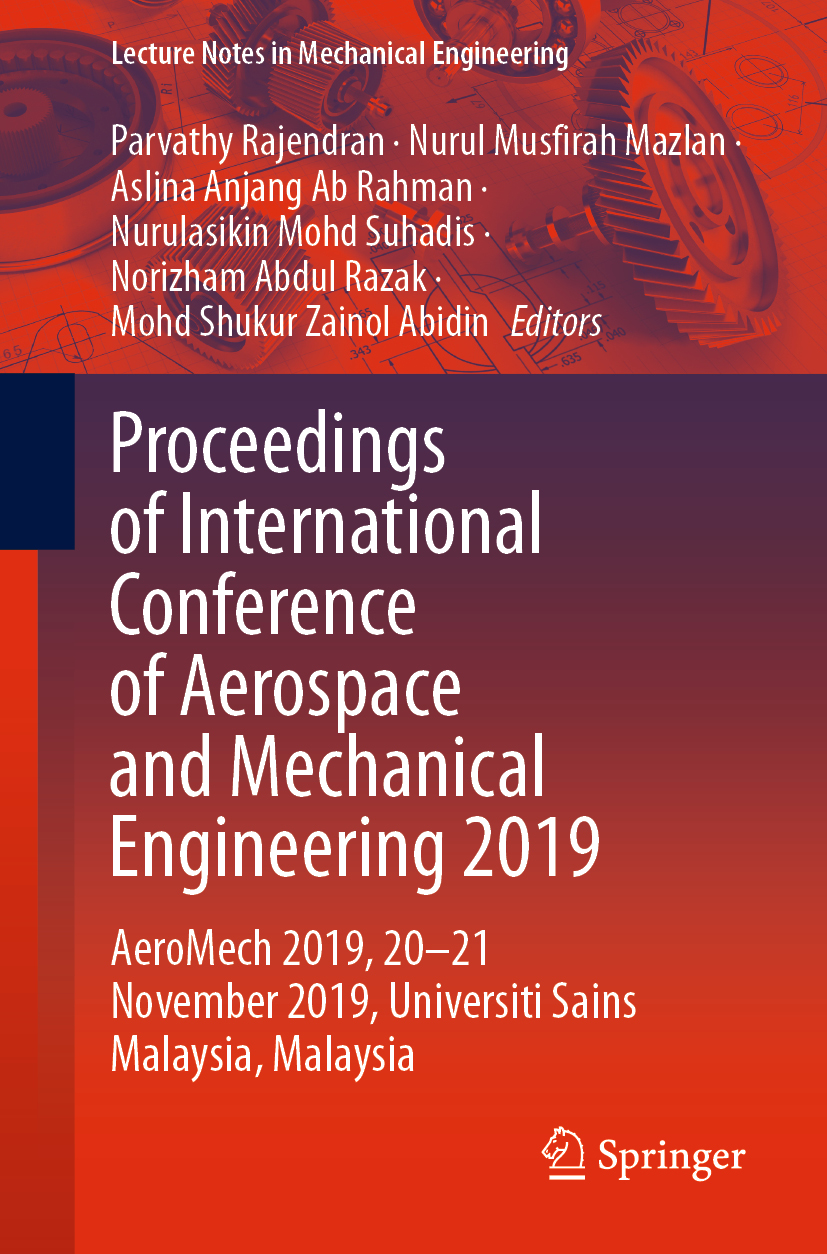
Proceedings of International Conference of Aerospace and Mechanical Engineering 2019 This book presents selected papers from the International Conference of Aerospace and Mechanical Engineering 2019 (AeroMech 2019), held at the Universiti Sains Malaysia's School of Aerospace Engineering. Sharing new innovations and discoveries concerning the Fourth Industrial Revolution (4IR), with a focus on 3D printing, big data analytics, Internet of Things, advanced human-machine interfaces, smart sensors and location detection technologies, it will appeal to mechanical and aerospace engineers. TECHNOLOGY & ENGINEERING,Aeronautics & Astronautics
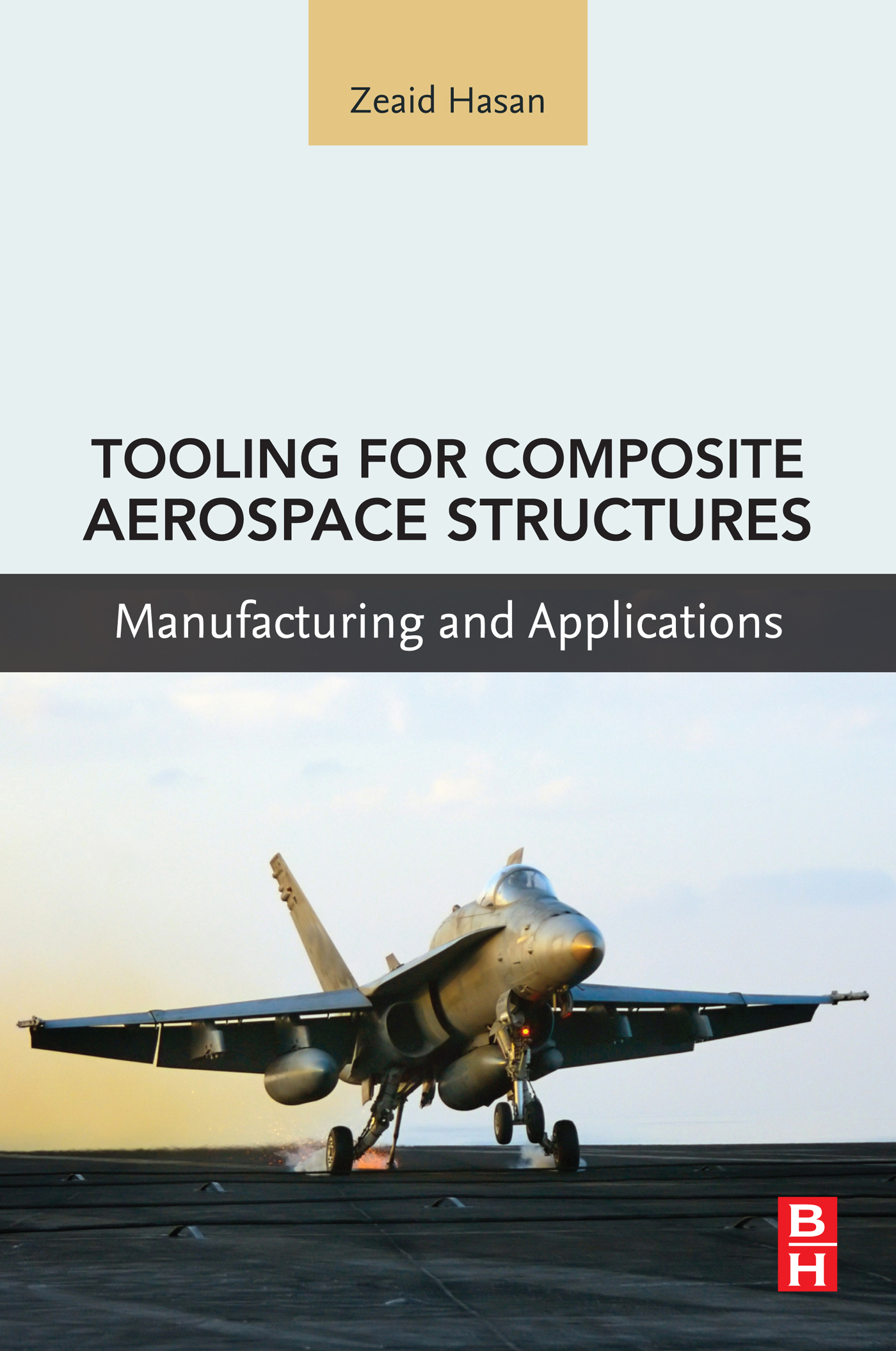
Tooling for Composite Aerospace Structures Tooling for Composite Aerospace Structures: Manufacturing and Applications offers a comprehensive discussion on the design, analysis, manufacturing and operation of tooling that is used in the lamination of composite materials and assembly. Chapters cover general topics, the materials that are typically used for tooling, design aspects and recommendations on how to approach the design, and what engineers need to consider, including examples of designs and their pros and cons, how to perform these type of details, and the methods of inspection needed to ensure quality control. The book concludes with an outlook on the industry and the future. Covers the entire lifecycle of tool design, starting with a discussion on composite materials and ending with new concepts and material Introduces aspects of how to use modeling and simulation for tooling with detailed examples and validation data Offers a list of materials and where they should be used depending on the application TECHNOLOGY & ENGINEERING,Aeronautics & Astronautics
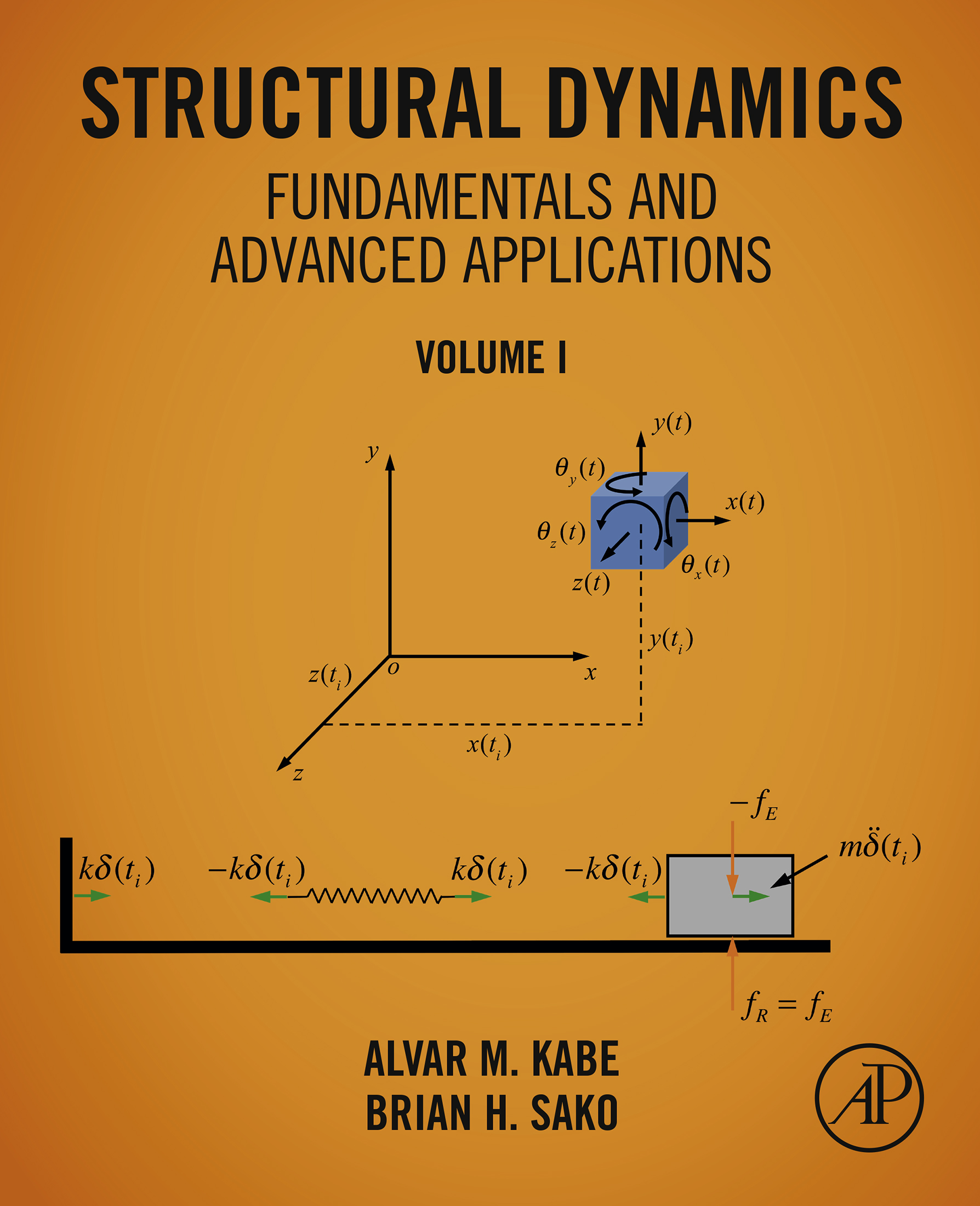
Structural Dynamics Fundamentals and Advanced Applications, Volume I The two-volume work, Structural Dynamics Fundamentals and Advanced Applications, is a comprehensive work that encompasses the fundamentals of structural dynamics and vibration analysis, as well as advanced applications used on extremely large and complex systems. Volume I covers Newton’s Laws, single-degree-of-freedom systems, damping, transfer and frequency response functions, transient vibration analysis (frequency and time domain), multi-degree-of-freedom systems, forced vibration of single and multi-degree-of-freedom systems, numerical methods for solving for the responses of single and multi-degree-of-freedom systems, and symmetric and non-symmetric eigenvalue problems. In addition, a thorough discussion of real and complex modes, and the conditions that lead to each is included. Stochastic methods for single and multi-degree-of-freedom systems excited by random forces or base motion are also covered. Dr. Kabe’s training and expertise are in structural dynamics and Dr. Sako’s are in applied mathematics. Their collaboration has led to the development of first-of-a-kind methodologies and solutions to complex structural dynamics problems. Their experience and contributions encompass numerous past and currently operational launch and space systems. The two-volume work was written with both practicing engineers and students just learning structural dynamics in mind Derivations are rigorous and comprehensive, thus making understanding the material easier Presents analysis methodologies adopted by the aerospace community to solve extremely complex structural dynamics problems TECHNOLOGY & ENGINEERING,Aeronautics & Astronautics

Large Deployable Satellite Antennas This book discusses the innovative design, cable-net design and analysis, control, deployment, development and applications of large space-deployable antennas. Drawing on the authors’ own work in this field, it describes and analyzes various typical deployable antennas, membrane antennas and super-large space-assembled antennas, while chiefly focusing on mesh antennas due to their wide range of applications. It also investigates forming–finding design and the analysis of cable-truss structures for high-precision reflector antennas, as well as deployment process control and deployment reliability based on flexible multibody dynamic analysis. The book covers not only mechanical structure performance, but also electromagnetic performance realization and stability. Lastly, it proposes an electrical equivalent method for mesh reflector antennas and a coupling model for the structural displacement field and electrostatic field. Given the nature of its content, the book is intended for researchers, graduate students and engineers in the field of space antennas. TECHNOLOGY & ENGINEERING,Aeronautics & Astronautics
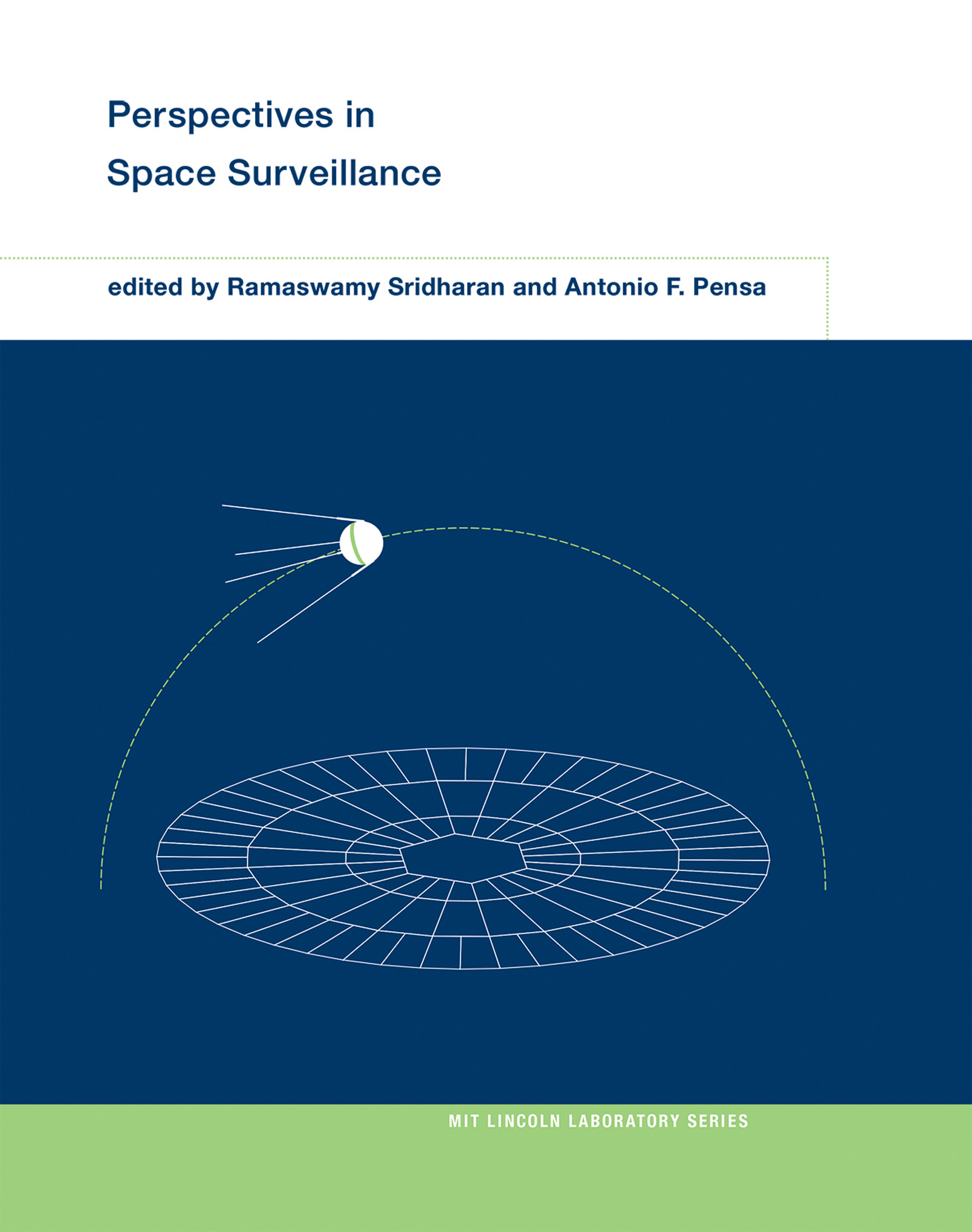
Perspectives in Space Surveillance The development of deep space surveillance technology and its later application to near-Earth surveillance, covering work at Lincoln Laboratory from 1970 to 2000. In the 1950s, the United States and the Soviet Union raced to develop space-based intelligence gathering capability. The Soviets succeeded first, with SPUTNIK I in 1957. The United States began to monitor the growing Soviet space presence by developing technology for the detection and tracking of man-made resident space objects (RSOs) in near-Earth orbit. In 1972, the Soviet Union launched a satellite into deep space orbit, and the U.S. government called on MIT Lincoln Laboratory to develop deep space surveillance technology. This book describes these developments, as well as the later application of deep space surveillance technology to near-Earth surveillance, covering work at Lincoln Laboratory on space surveillance from 1970 to 2000. The contributors, all key participants in developing these technologies, discuss topics that include narrow beam, narrow bandwidth radar for deep surveillance; wide bandwidth radar for RSO monitoring; ground-based electro-optical deep space surveillance and its adaptation for space-based surveillance; radar as the means of real-time search and discovery techniques; methods of analyses of signature data from narrow bandwidth radars; and the collision hazard for satellites in geosynchronous orbit, stemming initially from the failure of TELSTAR 401. They also describe some unintended byproducts of this pioneering work, including the use of optical space surveillance techniques for near-Earth asteroid detection. Contributors Rick Abbott, Robert Bergemann, E.M. Gaposchkin, Israel Kupiec, Richard Lambour, Antonio F. Pensa, Eugene Rork, Jayant Sharma, Craig Solodyna, Ramaswamy Sridharan, J. Scott Stuart, George Zollinger TECHNOLOGY & ENGINEERING,Aeronautics & Astronautics
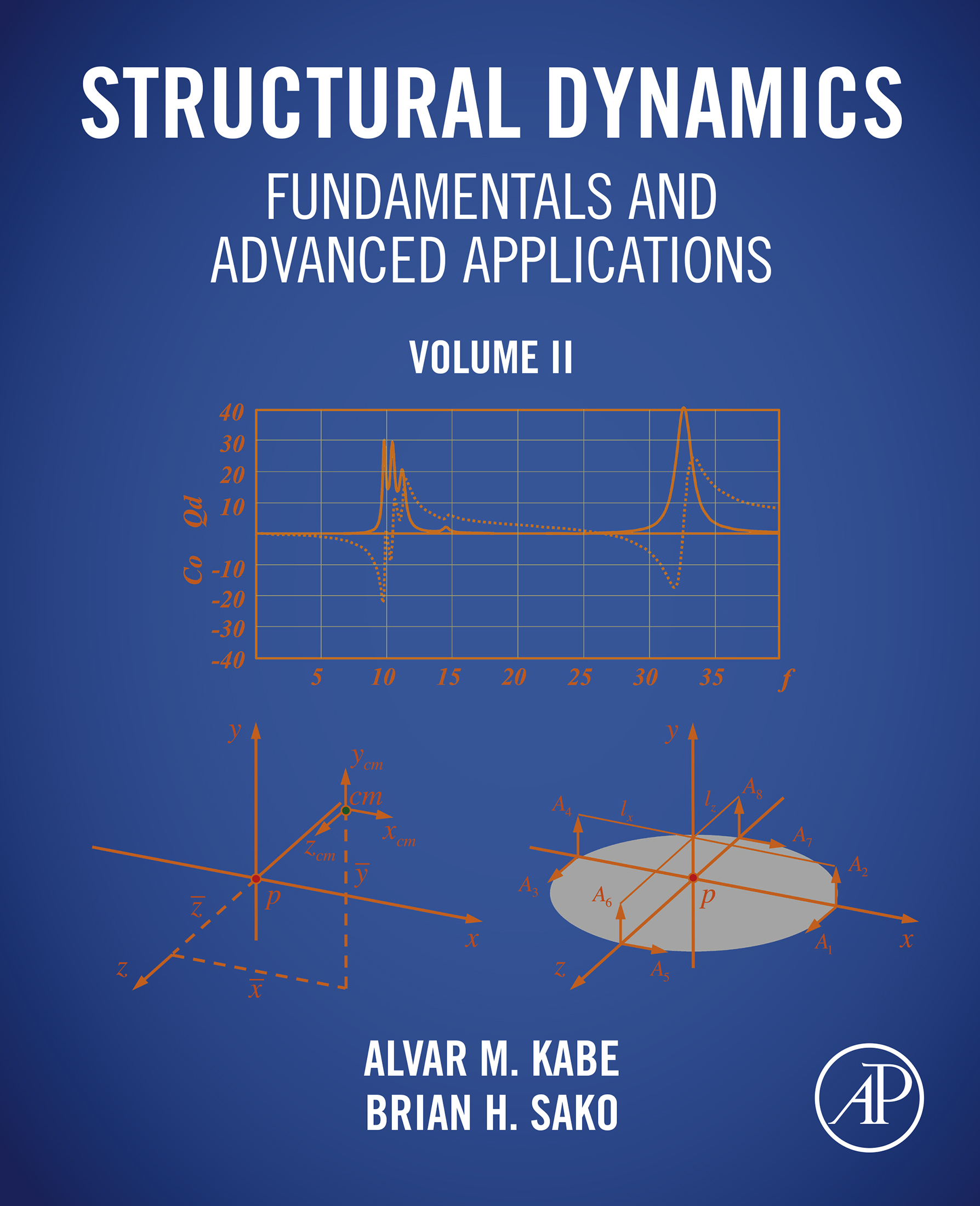
Structural Dynamics Fundamentals and Advanced Applications, Volume II The two-volume Structural Dynamics Fundamentals and Advanced Applications is a comprehensive work that encompasses the fundamentals of structural dynamics and vibration analysis, as well as advanced applications used on extremely large and complex systems. In Volume II, d’Alembert’s Principle, Hamilton’s Principle, and Lagrange’s Equations are derived from fundamental principles. Development of large structural dynamic models and fluid/structure interaction are thoroughly covered. Responses to turbulence/gust, buffet, and static-aeroelastic loading encountered during atmospheric flight are addressed from fundamental principles to the final equations, including aeroelasticity. Volume II also includes a detailed discussion of mode survey testing, mode parameter identification, and analytical model adjustment. Analysis of time signals, including digitization, filtering, and transform computation is also covered. A comprehensive discussion of probability and statistics, including statistics of time series, small sample statistics, and the combination of responses whose statistical distributions are different, is included. Volume II concludes with an extensive chapter on continuous systems; including the classical derivations and solutions for strings, membranes, beams, and plates, as well as the derivation and closed form solutions for rotating disks and sloshing of fluids in rectangular and cylindrical tanks. Dr. Kabe’s training and expertise are in structural dynamics and Dr. Sako’s are in applied mathematics. Their collaboration has led to the development of first-of-a-kind methodologies and solutions to complex structural dynamics problems. Their experience and contributions encompass numerous past and currently operational launch and space systems. The two-volume work was written with both practicing engineers and students just learning structural dynamics in mind Derivations are rigorous and comprehensive, thus making understanding the material easier Presents analysis methodologies adopted by the aerospace community to solve complex structural dynamics problems TECHNOLOGY & ENGINEERING,Aeronautics & Astronautics
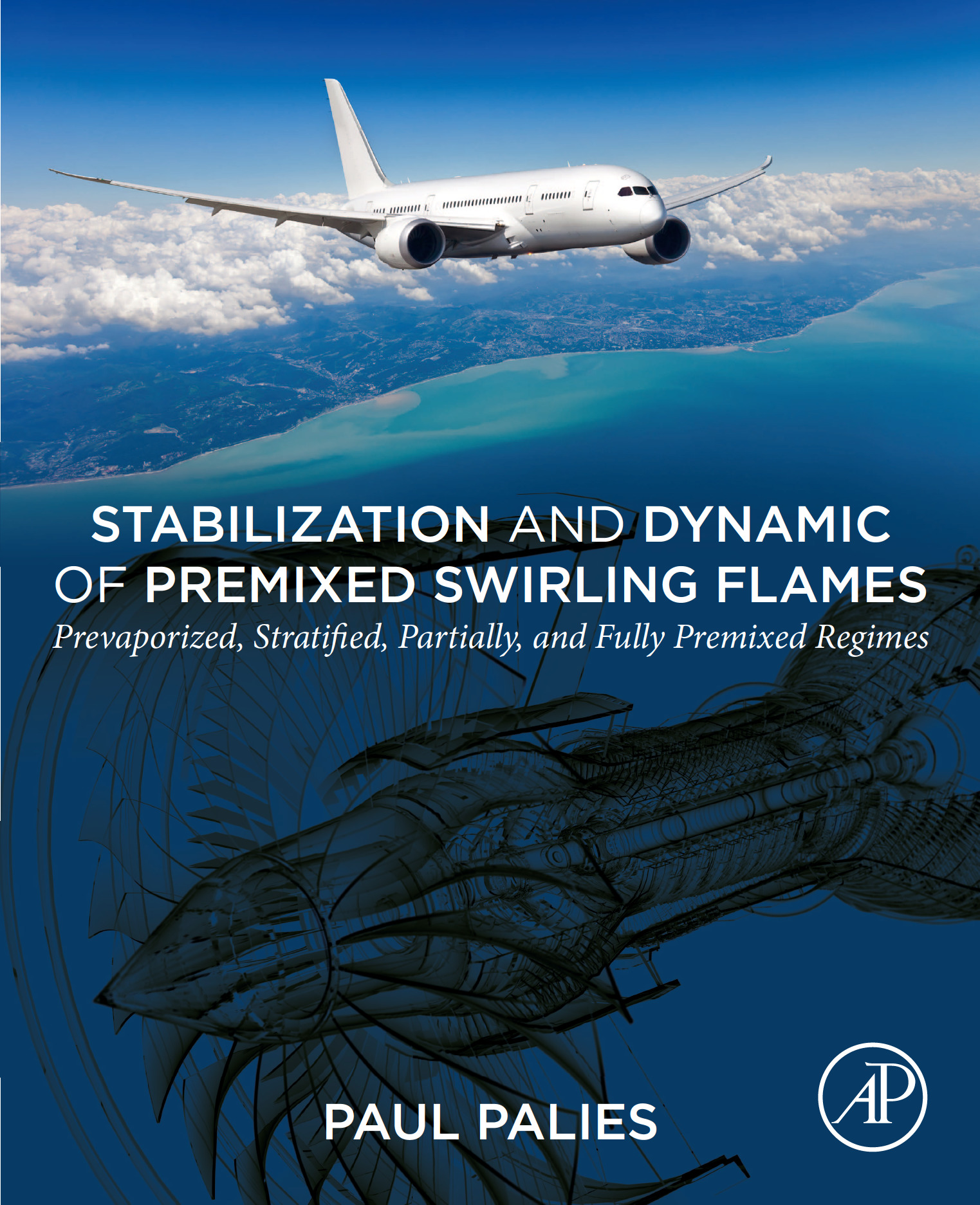
Stabilization and Dynamic of Premixed Swirling Flames Stabilization and Dynamic of Premixed Swirling Flames: Prevaporized, Stratified, Partially, and Fully Premixed Regimes focuses on swirling flames in various premixed modes (stratified, partially, fully, prevaporized) for the combustor, and development and design of current and future swirl-stabilized combustion systems. This includes predicting capabilities, modeling of turbulent combustion, liquid fuel modeling, and a complete overview of stabilization of these flames in aeroengines. The book also discusses the effects of the operating envelope on upstream fresh gases and the subsequent impact of flame speed, combustion, and mixing, the theoretical framework for flame stabilization, and fully lean premixed injector design. Specific attention is paid to ground gas turbine applications, and a comprehensive review of stabilization mechanisms for premixed, partially-premixed, and stratified premixed flames. The last chapter covers the design of a fully premixed injector for future jet engine applications. Features a complete view of the challenges at the intersection of swirling flame combustors, their requirements, and the physics of fluids at work Addresses the challenges of turbulent combustion modeling with numerical simulations Includes the presentation of the very latest numerical results and analyses of flashback, lean blowout, and combustion instabilities Covers the design of a fully premixed injector for future jet engine applications TECHNOLOGY & ENGINEERING,Aeronautics & Astronautics
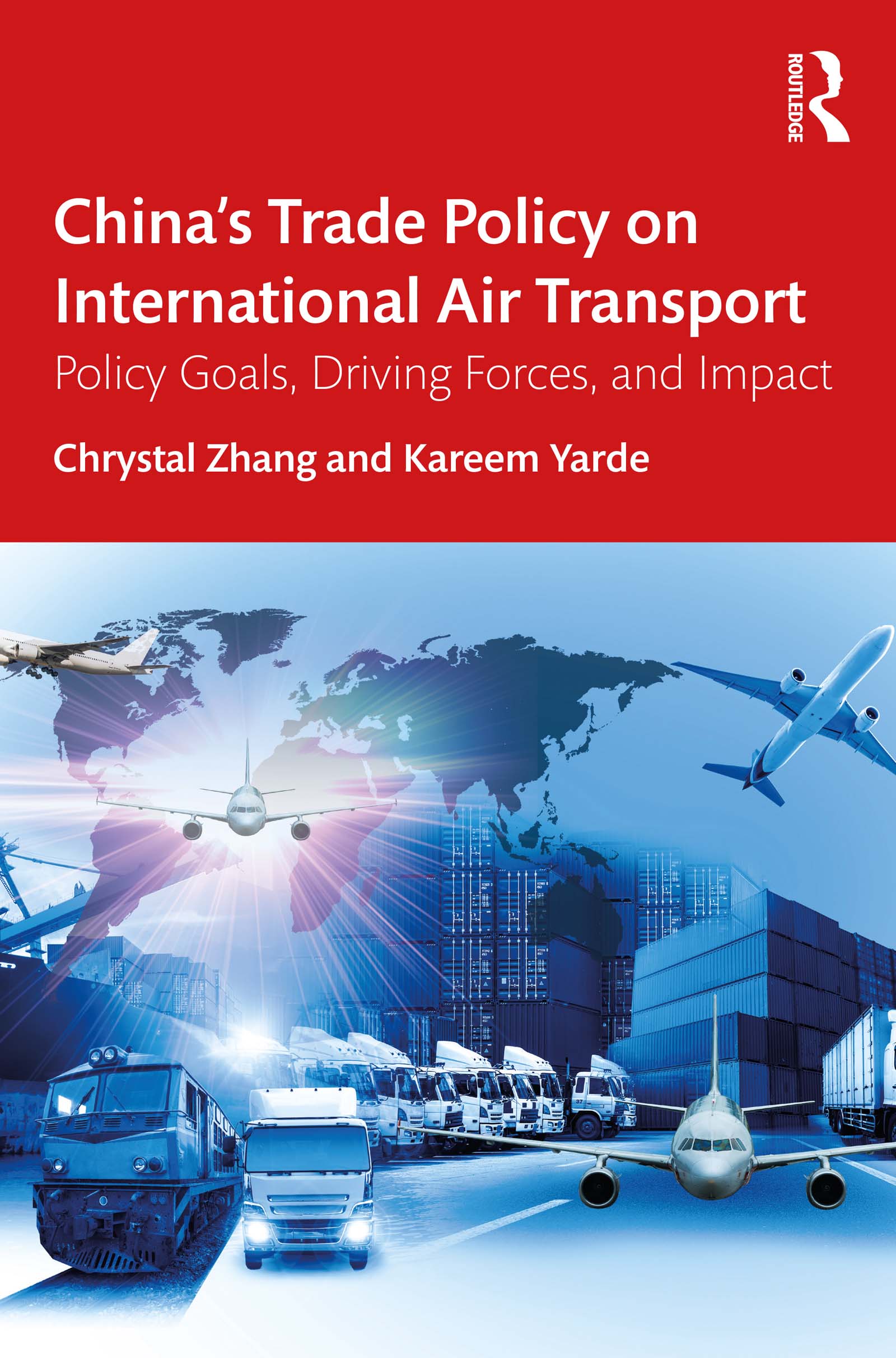
China’s Trade Policy on International Air Transport This book is a political–economic analysis of China’s transformation to become a global aviation power. It aims to identify the driving forces that have shaped China’s ever-evolving international air transport policy direction and goals in the past four decades and further determines how and to what extent these driving forces have shaped China’s considerations and strategies when executing its policy goals through bilateral air services negotiations. The findings reveal that China’s international air transport policymaking has remained in the domain of the country’s aviation regulator, which has enjoyed an exclusivity to exercise its power on the air transport sector. The book argues that China’s international air transport policy direction is in alignment with the country’s overall strategic mission and its goal is set to support the country’s endeavour to realise the “China dream.†It concludes that factors at all levels interact with each other with a far-reaching impact on the country’s policy direction and goal setting; however, these factors are constrained by time and circumstances. The book is a must-read for a wide array of audiences, including, but not limited to, scholars and industry professionals who have an interest in China’s political economy, policymaking, international trade, government behaviour, corporate political activities, air transport, aviation liberalisation, and bilateral negotiations. TECHNOLOGY & ENGINEERING,Aeronautics & Astronautics
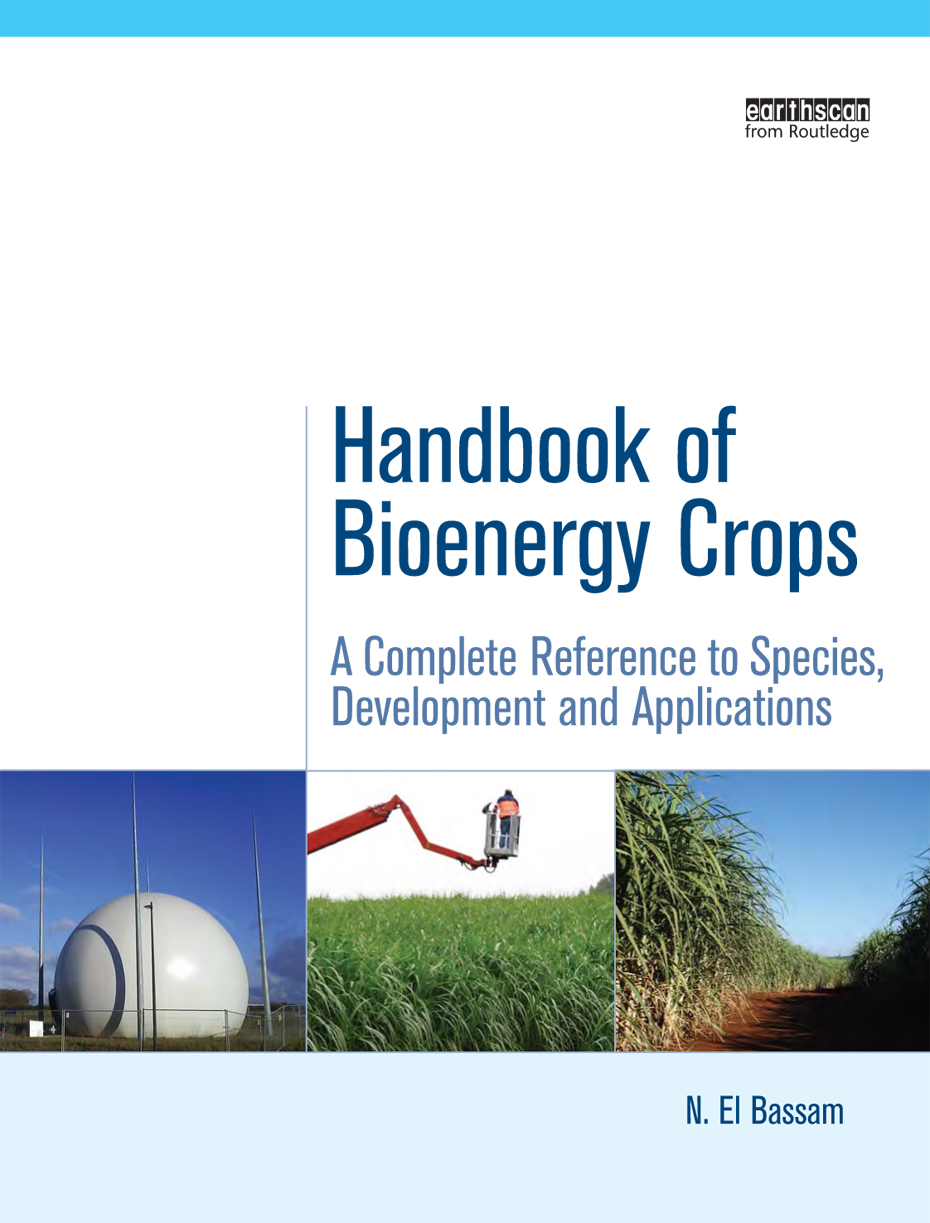
Handbook of Bioenergy Crops Biomass currently accounts for about fifteen per cent of global primary energy consumption and is playing an increasingly important role in the face of climate change, energy and food security concerns. Handbook of Bioenergy Crops is a unique reference and guide, with extensive coverage of more than eighty of the main bioenergy crop species. For each it gives a brief description, outlines the ecological requirements, methods of propagation, crop management, rotation and production, harvesting, handling and storage, processing and utilization, then finishes with selected references. This is accompanied by detailed guides to biomass accumulation, harvesting, transportation and storage, as well as conversion technologies for biofuels and an examination of the environmental impact and economic and social dimensions, including prospects for renewable energy. This is an indispensable resource for all those involved in biomass production, utilization and research. TECHNOLOGY & ENGINEERING,Agriculture,Agronomy,Crop Science
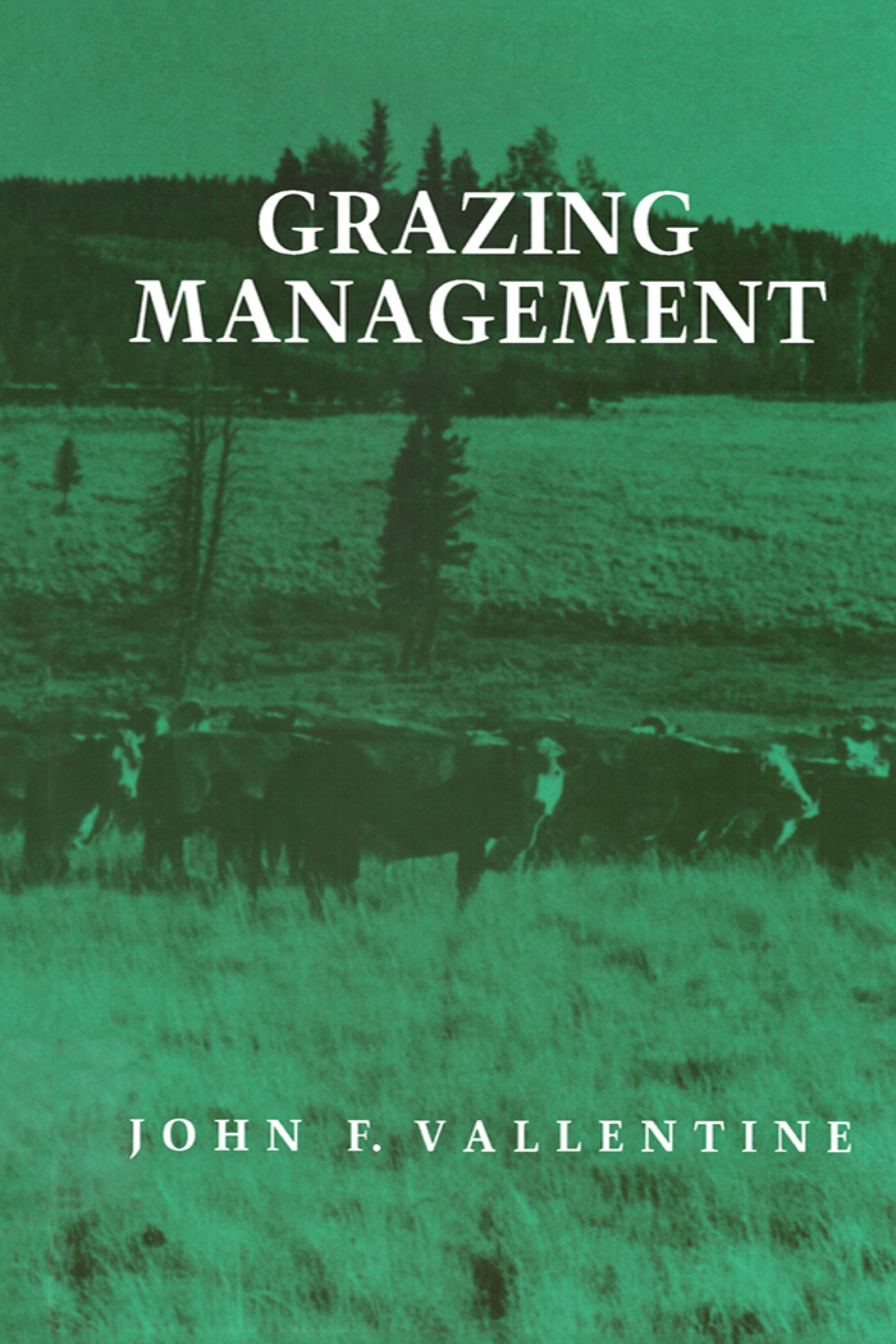
Grazing Management Introduction to Grazing. Grazing Effects on Plants and Soils. Spatial Patterns in Grazing. Manipulation Grazing Distribution. Grazing and Herbivore Nutrition. Grazing Activities and Behavior. Plant Selection in Grazing. Kind and Mix of Grazing Animals. Grazing Animal Intake and Equivalence. Grazing Capacity Inventory. Grazing Intensity. Grazing Seasons. Grazing Systems. Part I. Grazing Systems. Part II. Appendix. Terminology. Literature Cited. Index of Plants. Subject Index. Comparison of types of grazing land with grazing animals Evaluation of productivity of forage plants under different grazing regimes Examination of specialized grazing systems Development of inventories of grazing resources Determination of nutritive quality of various forages Sustainability of forage plant vigor and productivity TECHNOLOGY & ENGINEERING,Agriculture,Agronomy,Crop Science
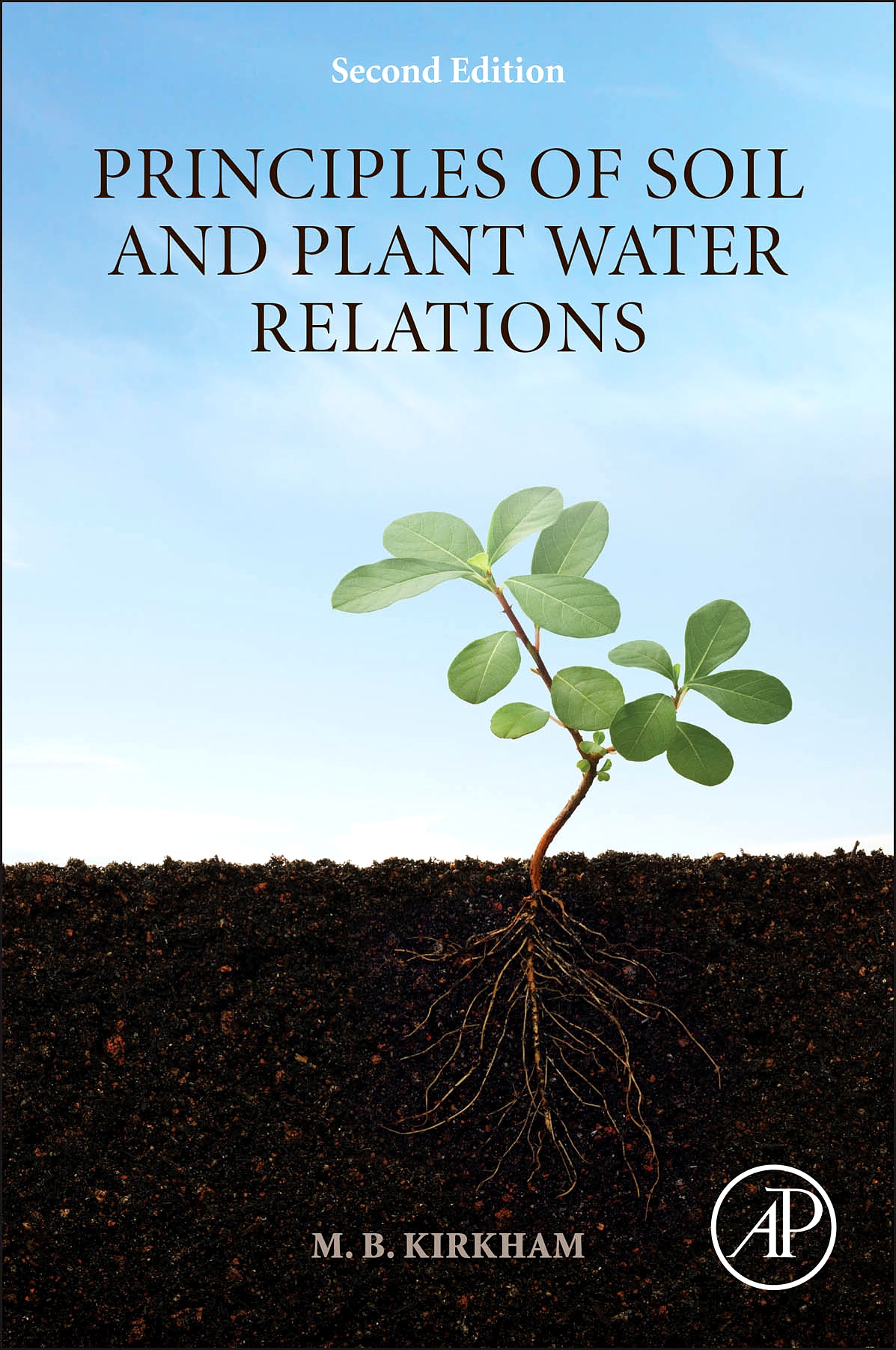
Principles of Soil and Plant Water Relations Principles of Soil and Plant Water Relations, 2e describes the principles of water relations within soils, followed by the uptake of water and its subsequent movement throughout and from the plant body. This is presented as a progressive series of physical and biological interrelations, even though each topic is treated in detail on its own. The book also describes equipment used to measure water in the soil-plant-atmosphere system. At the end of each chapter is a biography of a scientist whose principles are discussed in the chapter. In addition to new information on the concept of celestial time, this new edition also includes new chapters on methods to determine sap flow in plants dual-probe heat-pulse technique to monitor water in the root zone. Provides the necessary understanding to address advancing problems in water availability for meeting ecological requirements at local, regional and global scales Covers plant anatomy: an essential component to understanding soil and plant water relations TECHNOLOGY & ENGINEERING,Agriculture,Agronomy,Crop Science
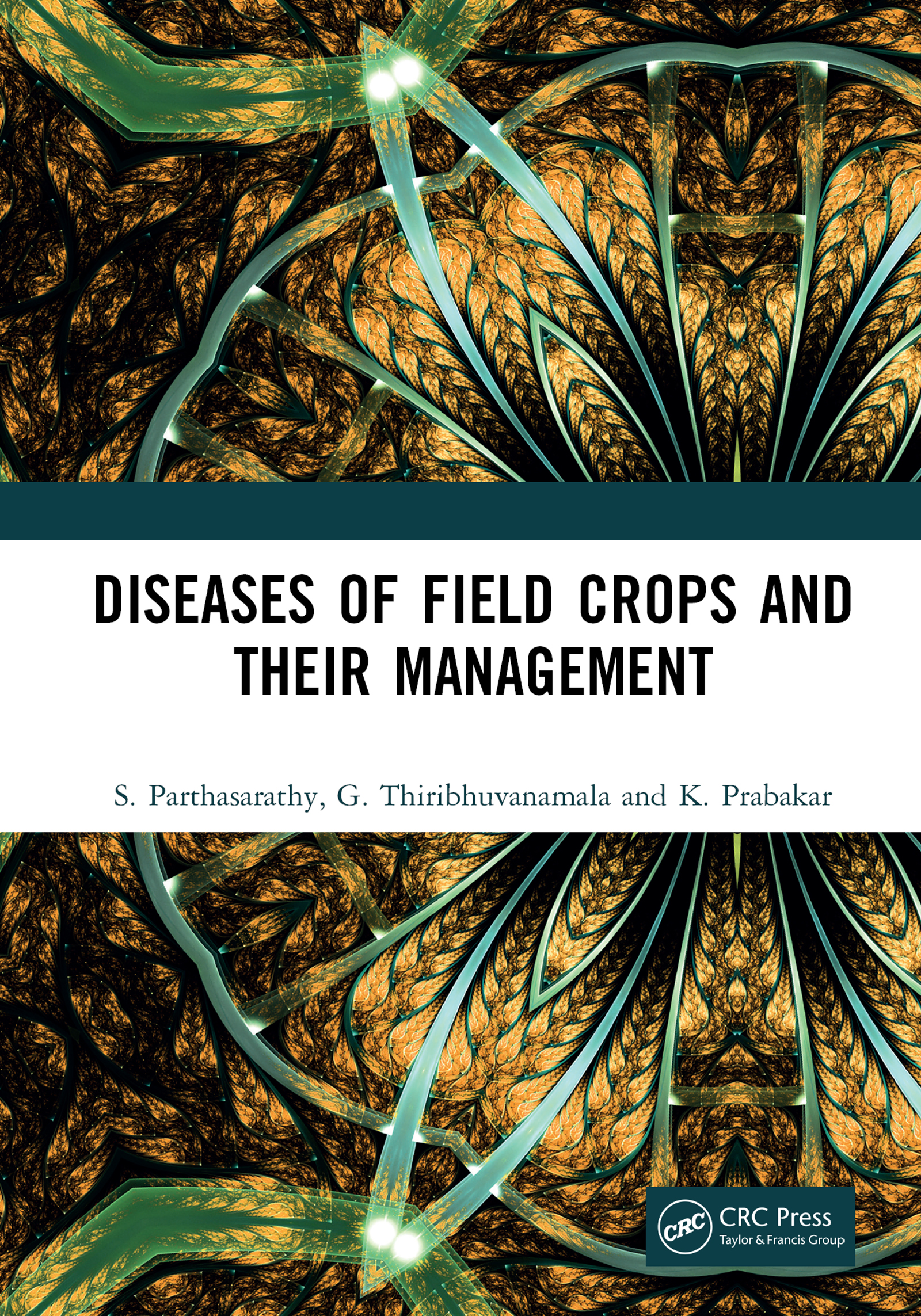
Diseases of Field Crops and their Management The book entitled Diseases of Field Crops and their Management provides most recent information about major diseases of cultivation field crops, their symptoms, pathogen characters, epidemiology, and management. In order to make the book all in one, the importance of major diseases has also been dealt with in brief. Note: T&F does not sell or distribute the Hardback in India, Pakistan, Nepal, Bhutan, Bangladesh and Sri Lanka. TECHNOLOGY & ENGINEERING,Agriculture,Agronomy,Crop Science
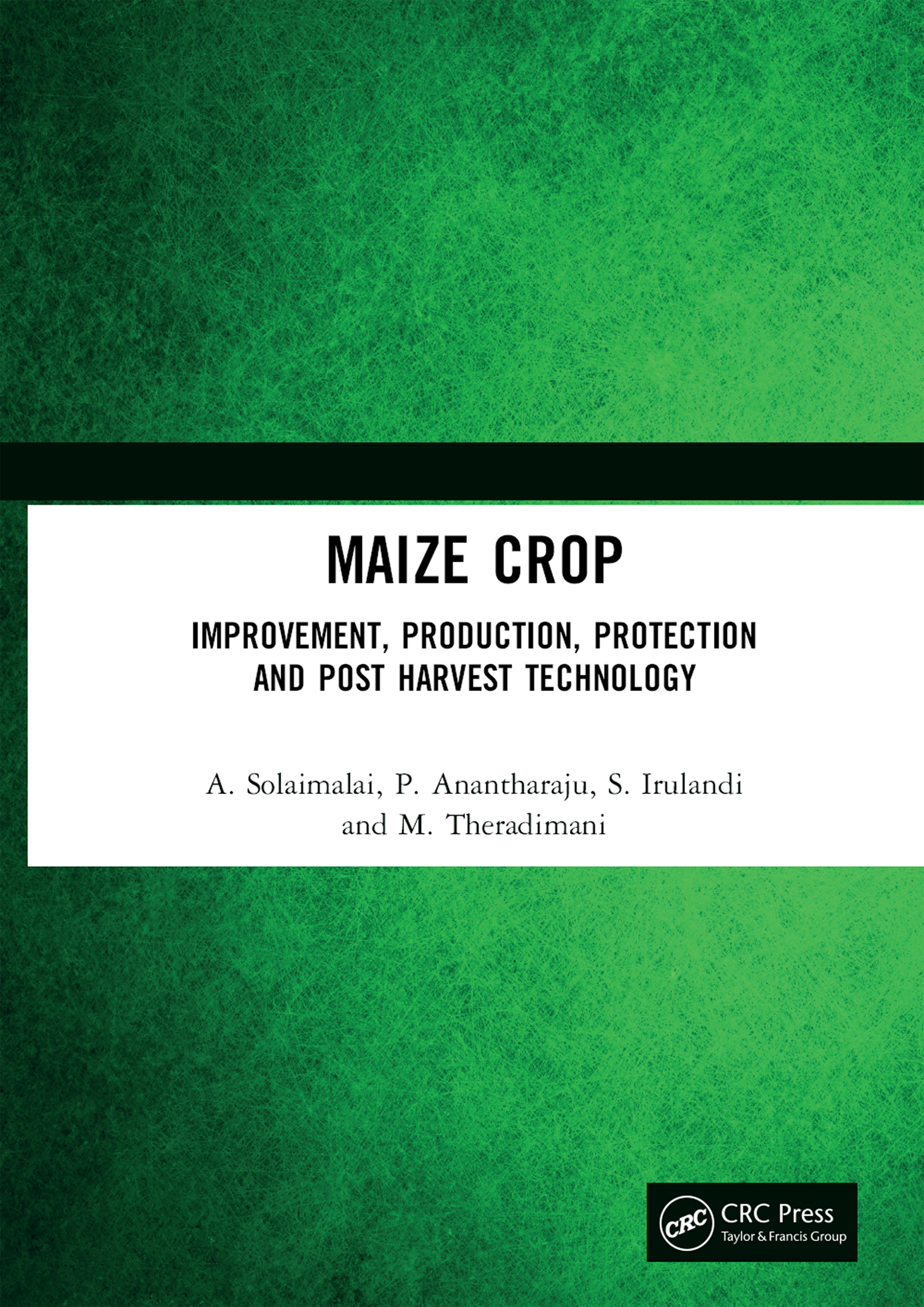
Maize Crop Maize is one of the versatile emerging crops with wider adaptability under varied agro-climatic conditions. Globally, maize is known as queen of cereals because it has the highest genetic yield potential among the cereals. It is cultivated on nearly 150 m/ha in about 160 countries having wider diversity of soil, climate, biodiversity and management practices that contributes 36 % (782 m/t) inthe global grain production. The United States of America (USA) is the largest producer of maize contributes nearly 35 % of the total production in the world. It is the driver of the US economy. This book talks about the improvement, production, protection and post harvest technology of the maize crop. Note: T& F does not sell or distribute the Hardback in India, Pakistan, Nepal, Bhutan, Bangladesh and Sri Lanka. TECHNOLOGY & ENGINEERING,Agriculture,Agronomy,Crop Science
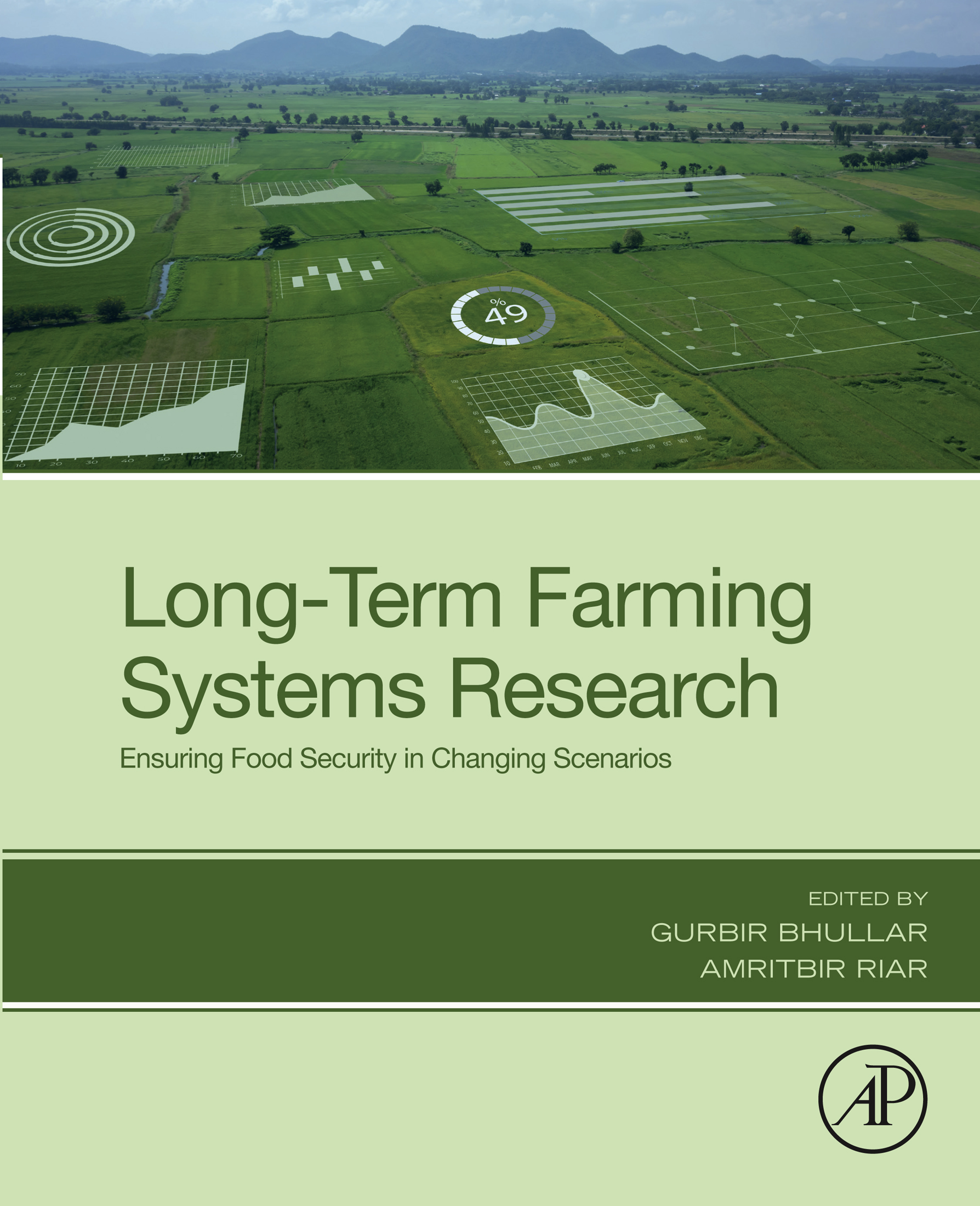
Long-Term Farming Systems Research Long-Term Farming Systems Research: Ensuring Food Security in Changing Scenarios presents the legacy and heritage of Long-Term Experiments (LTEs) in Agriculture while also addressing the challenges and potential solutions. The book discusses how LTEs form an important asset in understanding agriculture’s significant influence on life on earth. As global governments and development agencies try to achieve the Global Sustainable Development Goals (SDGs) of the United Nations, this book’s content is of unprecedented importance, providing insights into the interactions of agricultural production with ecological, economic and societal aspects. In this regard, this book offers a thorough resource of information based on experiences from various ongoing LTEs in different parts of the world. The contextual variety and geographic diversity presented in this book makes it useful for agricultural and environmental scientists, as well as students and educators in such fields. --- From the Editors: "Thanks to the excellent panel of our contributing authors, in this book, we have attempted to offer the widest possible thematic and geographical coverage on LTEs. Experts from different institutions leading LTEs across the globe have provided their perspectives on different aspects of LTEs, not only highlighting the unique knowledge contribution of LTEs, but also discussing the unique challenges of effectively managing LTEs and maintaining their relevance to changing scenarios. We hope that this book will offer something for everyone interested in the history, present and future of our agroecosystem." Provides a comprehensive resource of information generated in various LTEs across the globe, with a focus on various aspects of farming systems, crop management practices, plant, soil and human nutrition as well as on capacity development Presents a holistic view on interactions of agricultural production and its relationship to the environment and society Identifies challenges and lessons learned from different LTEs and provides recommendations for potential solutions TECHNOLOGY & ENGINEERING,Agriculture,Agronomy,Crop Science
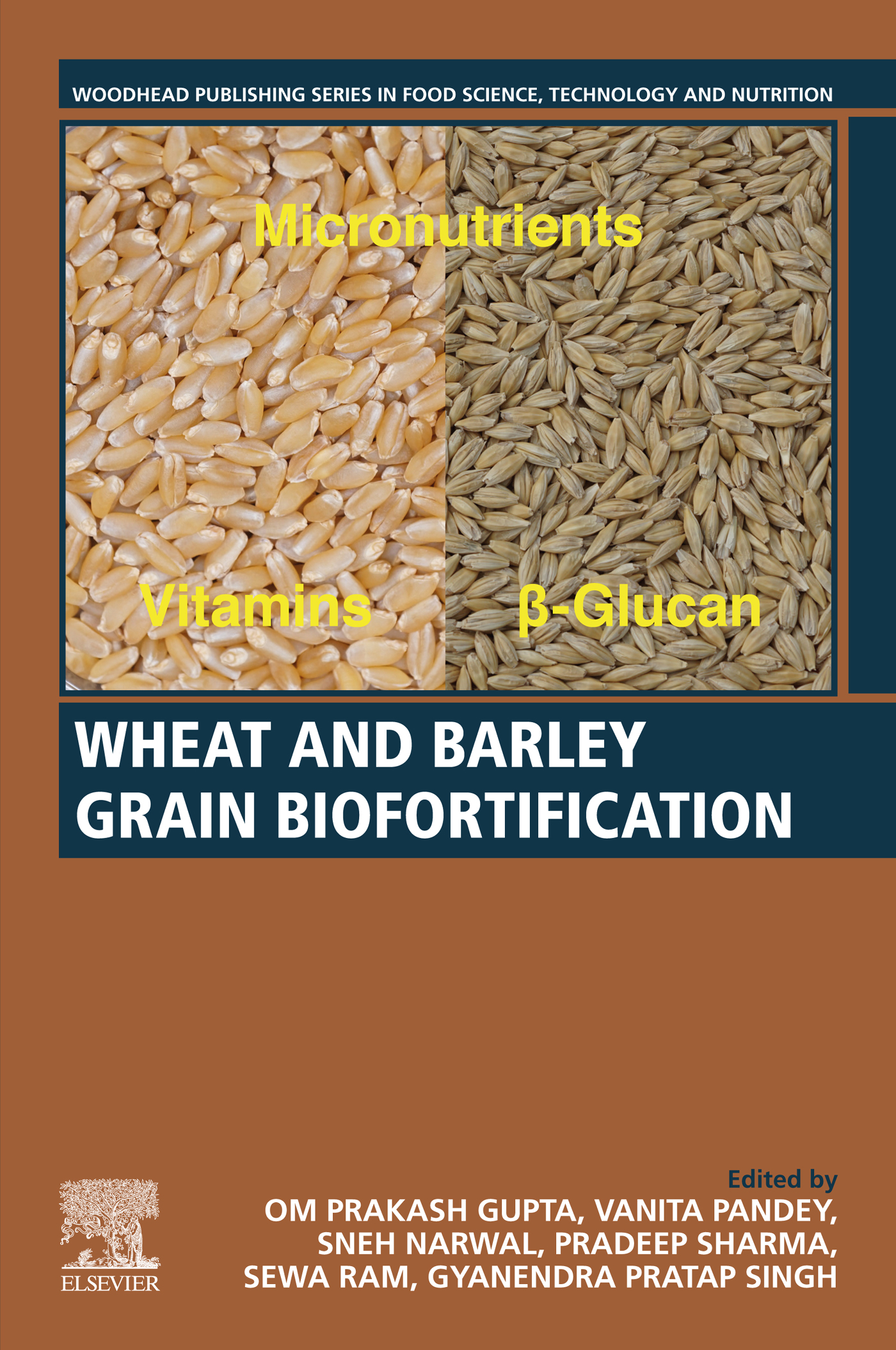
Wheat and Barley Grain Biofortification Wheat and Barley Grain Biofortification addresses topics associated with the alleviation of malnutrition in globally diverse populations via wheat and barley biofortification. The book synthesizes the current trends of malnutrition across the globe, the need for wheat and barley nutritional enhancement and how agronomic, microbial and molecular understanding of biofortification can help in devising significant approaches and strategies. In addition, it includes discussions on potential genetic variability available and their efficient utilization in wheat and barley for molecular breeding for nutrients, challenges and opportunities for bioavailability, and technical advancement for analysis of bioavailability. Addresses the need for wheat and barley biofortification to address global nutrition demands Places emphasis on the current agronomic and molecular understanding of biofortification Discusses the potential utilization of genetic variability Highlights the economics of biofortification over fortification technology TECHNOLOGY & ENGINEERING,Agriculture,Agronomy,Crop Science
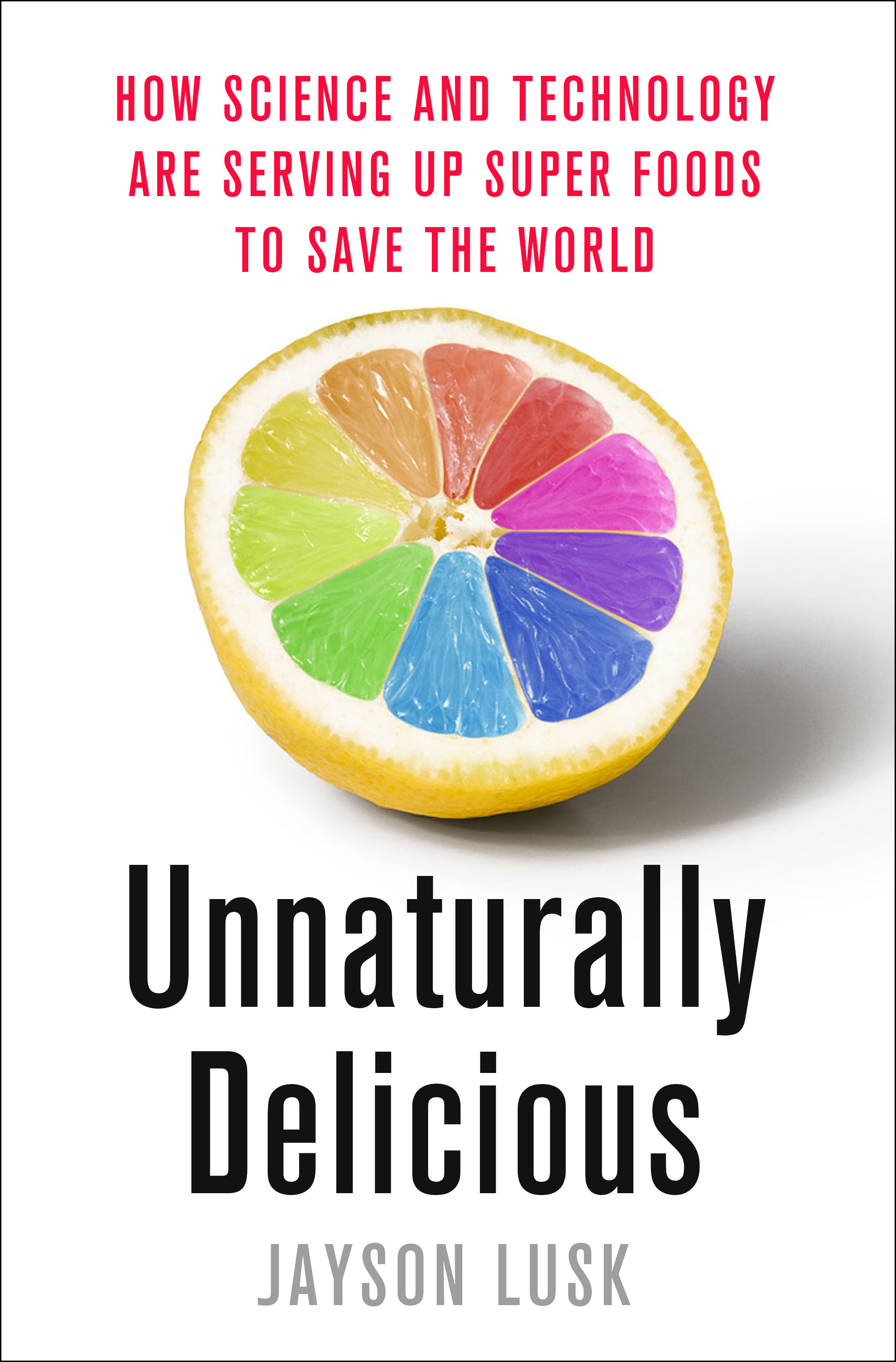
Unnaturally Delicious The food discussion in America can be quite pessimistic. With high obesity rates, diabetes, climate change, chemical use, water contamination, and farm animal abuse, it would seem that there wasn't very much room for a positive perspective. The fear that there just isn't enough food has expanded to new areas of concern about water availability, rising health care costs, and dying bees. In Unnaturally Delicious, Lusk makes room for optimism by writing the story of the changing food system, suggesting that technology and agriculture can work together in a healthy and innovative way to help solve the world's largest food issues and improve the farming system as we know it. This is the story of the innovators and innovations shaping the future of food. You’ll meet an ex-farmer entrepreneur whose software is now being used all over the world to help farmers increase yields and reduce nutrient runoff and egg producers who’ve created new hen housing systems that improve animal welfare at an affordable price. There are scientists growing meat in the lab. Without the cow. College students are coaxing bacteria to signal food quality and fight obesity. Nutrient enhanced rice and sweet potatoes are aiming to solve malnutrition in the developing world. Geneticists are creating new wheat varieties that allow farmers sustainably grow more with less. And, we’ll learn how to get fresh, tasty, 3D printed food at the touch of a button, perhaps even delivered to us by a robotic chef. Innovation is the American way. Thomas Jefferson, George Washington Carver, and John Harvey Kellogg were food and agricultural entrepreneurs. Their delicious innovations led to new healthy, tasty, convenient, and environmentally friendly food. The creations were unnaturally delicious. Unnatural because the foods and practices they fashioned were man-made solutions to natural and man-made problems. Now the world is filled with new challenges changing the way we think about food. Who are the scientists, entrepreneurs, and progressive farmers who meet these challenges and search for solutions? Unnaturally Delicious has the answers. TECHNOLOGY & ENGINEERING,Agriculture,Agronomy,General
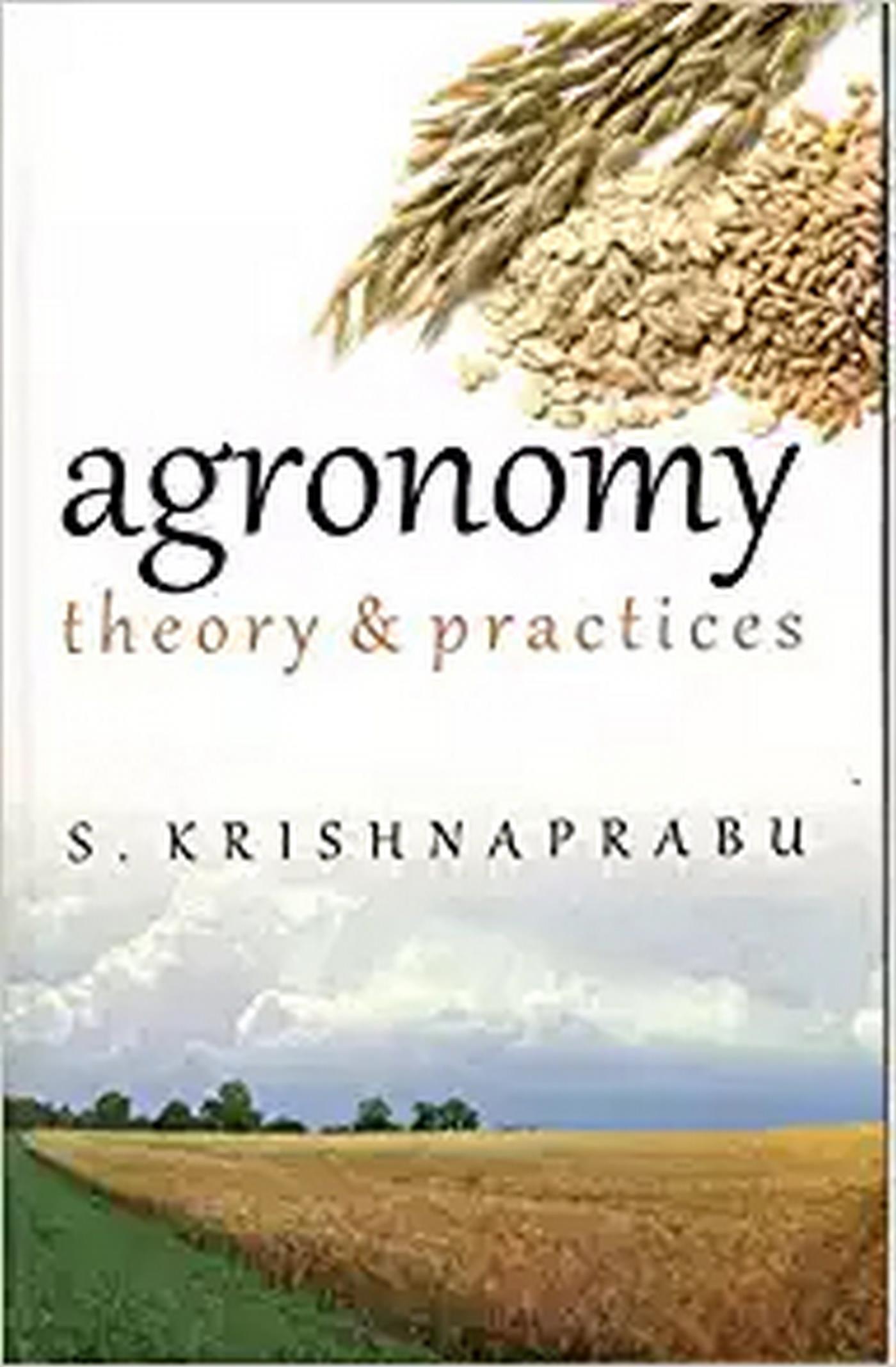
Agronomy The book deals with the basic principles and practices of agronomy, history of agriculture, classification of crops, soils, tillage, cropping system and pattern, cropping and farming systems, nutrient management and organic farming. This book will be useful for gaining knowledge about the basic principles of agronomy and and also useful for students, teachers, scientists and professionals engaged in agricultural development. This book covered various chapters dealing with all aspects of basic principles of agronomy, which includes classification of crops, dryland agriculture and organic farming, etc. TECHNOLOGY & ENGINEERING,Agriculture,Agronomy,General
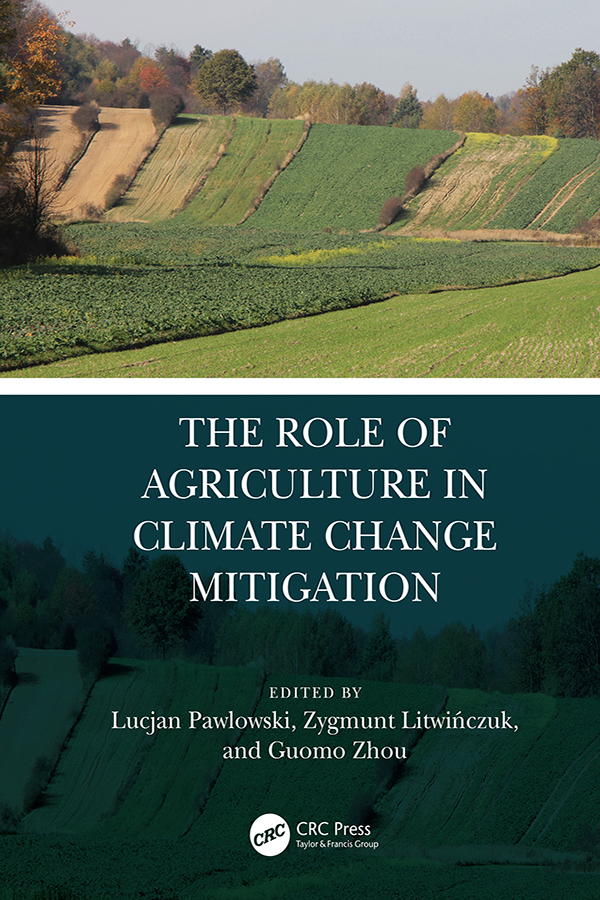
The Role of Agriculture in Climate Change Mitigation According to IPCC reports, one of the greatest threats to the Earth ecosystems is climate change caused by the anthropogenic emissions of greenhouse gases, mostly carbon dioxide, mainly from the combustion of fossil fuels, cement production and land-use change which leads to an excessive temperature rise. Agriculture and forestry are responsible for quiet big emissions of greenhouse gases: CO2, CH4 and N2O, and have significant potential to reduce these emissions mainly through enhancement of CO2 absorption by terrestrial ecosystems. To evaluate the impact of agriculture on climate change, ruminant farming should be also taken into account. These animals emit considerable amounts of methane which has strong greenhouse effects. Methane emissions may be reduced by using appropriate feed for ruminants. Decreasing the meat consumption of these animals can also make an important contribution to reducing methane emissions. The methods for reducing greenhouse gas emissions through appropriate management of terrestrial ecosystems and animal husbandry are widely discussed in The Role of Agriculture in Climate Change Mitigation. The book will be of interest to academics, professionals and policy makers in environmental sciences. TECHNOLOGY & ENGINEERING,Agriculture,Agronomy,General
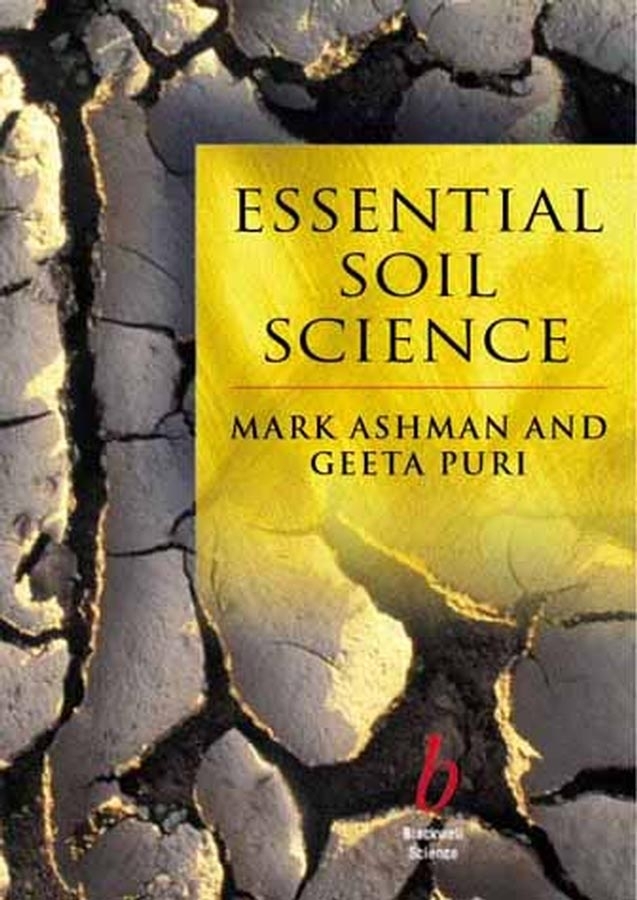
Essential Soil Science This textbook is aimed at the majority of students, who need to quickly acquire a concise overview of soil science. Many current soil science textbooks still cater for a traditional student market where students embark on three years study in a narrow discipline. The growth in modular degree schemes has meant that soil science is now often taught as self-standing unit as part of broad based degree program. Students pursuing this type of course are increasingly reluctant to purchase expensive textbooks that are too detailed and often assume a scientific background. For those opting to specialise in soil science there are a variety of good textbooks to choose from. This short informative guide, will be particularly useful for students who do not possess a traditional scientific background, such as those studying geography, environment science, ecology and agriculture. Only textbook to cater for introductory courses in soil science. Provides an affordable concise overview of soil science. Learning exercises and chapter summaries enhance usability. Annotated suggestions for further reading. Based on proven and successful modular course structure. Emphasis on readability and interactive learning. No scientific background assumed. TECHNOLOGY & ENGINEERING,Agriculture,Agronomy,Soil Science
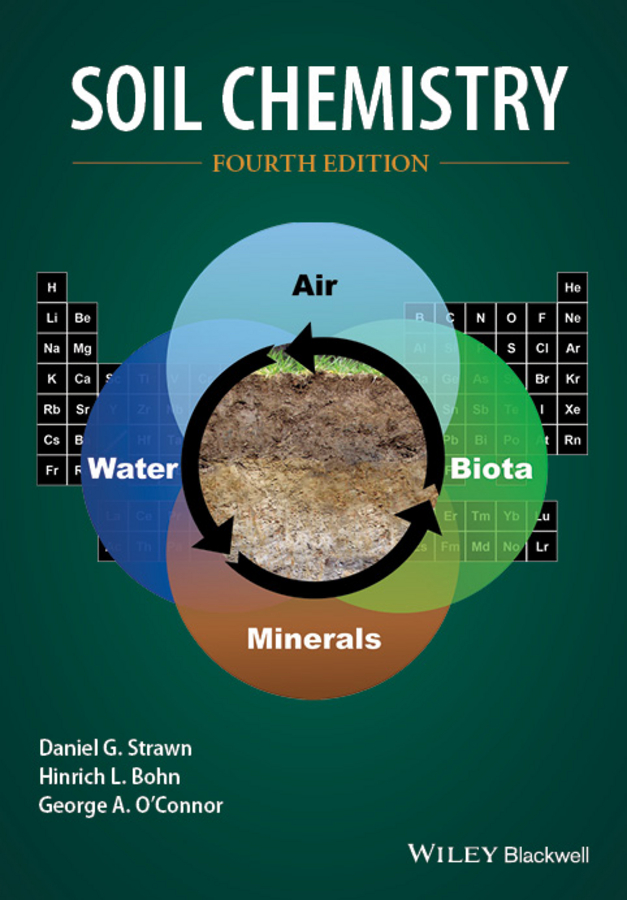
Soil Chemistry Soil is key to sustaining life—affecting air and water quality, the growth of plants and crops, and the health of the entire planet. Soil Chemistry 4e provides comprehensive coverage of the chemical interactions among organic and inorganic solids, air, water, microorganisms, and the plant roots in soil. The fourth edition of Soil Chemistry has been revised and updated throughout and provides a basic description of important research and fundamental knowledge in the field. The text covers chemical processes that occur in soils, including: distribution and species of nutrients and contaminants in soils; aqueous chemistry of soil solutions and mineral dissolution; oxidation and reduction reactions in soils; soil mineral formation processes and properties; the formation and reactivity of soil organic matter; surface chemistry and cation, anion, and organic compound adsorption reactions; modelling soil chemical reactions; and reactions in acid and salt affected soils. Although extensively revised with updated figures and tables, the fourth edition maintains the focus on introductory soil chemistry that has distinguished earlier editions. New chapters on properties of elements relevant to soil chemistry, and a chapter with special focus on soil surface characteristics have been added. Special Topics boxes are also included in the Fourth Edition that includes examples, noteworthy topics, and case studies. End of chapter questions are included as a resource for teaching. TECHNOLOGY & ENGINEERING,Agriculture,Agronomy,Soil Science

Soil Fertility, Nutrient And Water Management Global food production must increase by 70% to feed the projected growth in the world's population from about seven to nine billion people by 2050. This cannot be achieved without increasing land productivity and conserving soil, nutrient and water resources in the face of the severe challenges posed, including climate change, soil erosion and salinization, and drought and flooding - all of which contribute to reducing the quantity and quality of soil and water resources. Integrated soil fertility management, commonly referred to as ISFM, is presented in this book as a key contributor to farmers' low soil and crop productivity and especially for the main staples that include maize, beans, rice, cassava, bananas, sorghum, millet and other crops. In this context ISFM is de¬fined as a set of soil fertility management practices that include the integrated use of mineral fertilizers, organic inputs, and improved germplasms combined with the knowledge on how to adapt these practices to local conditions which are aimed at optimizing efficient agronomic use of the applied nutrients and thereby improving crop productivity. It is hoped that the information presented in this book provides valuable guidance to scientists and land managers in both the public and private sectors, as well as to government and institutional policy and decision-makers involved in addressing land management issues for climate smart agriculture and the conservation of natural resources for agricultural productivity and food security. " TECHNOLOGY & ENGINEERING,Agriculture,Agronomy,Soil Science
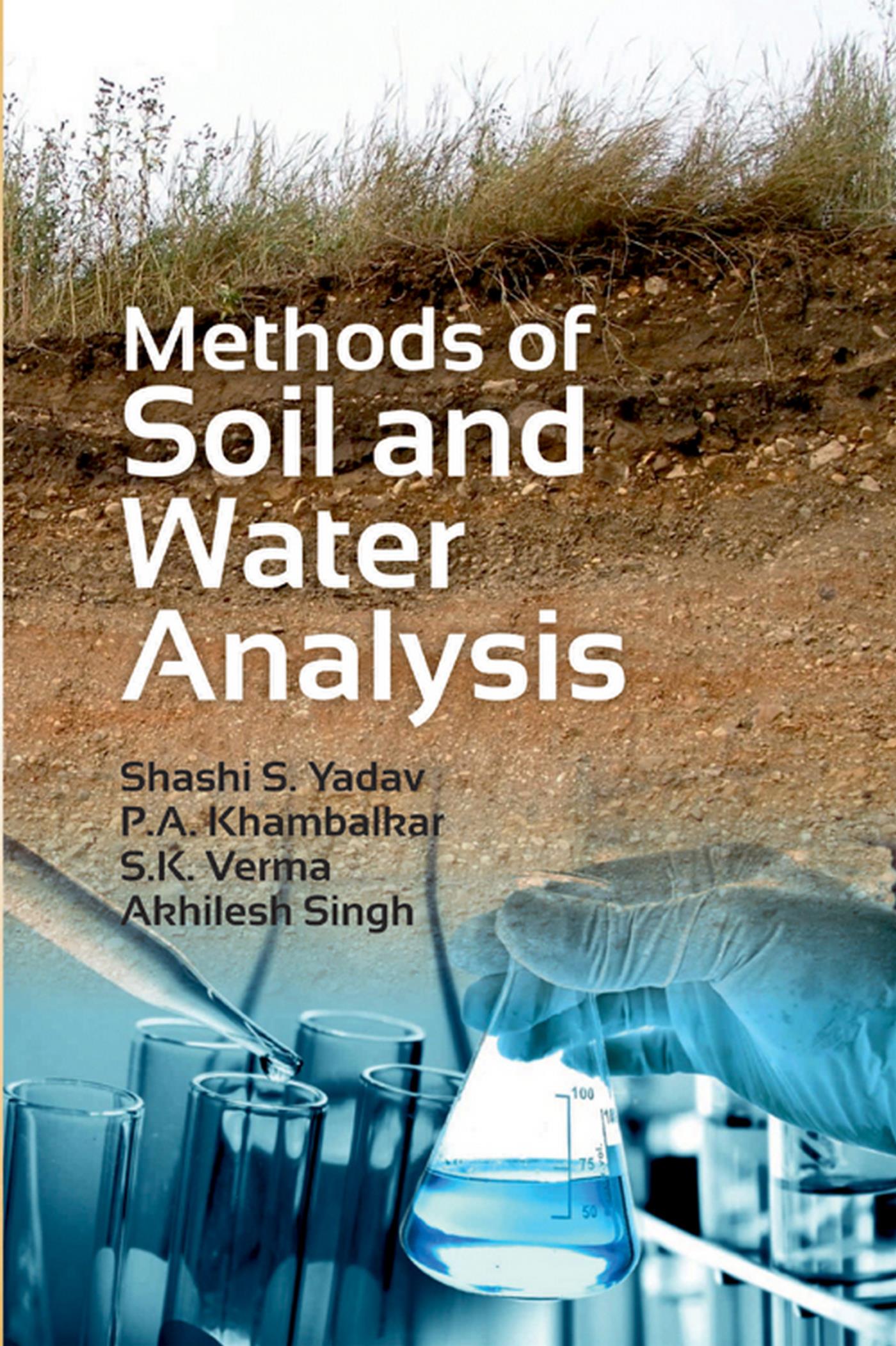
Methods of Soil and Water Analysis The book entitled Methods of Soil & Water Anal/sis Is a compilation of tome tested widely uvc analytical method ot characterizing soil and water the text presented in the book is subdivided into fourteen chapters and appendices dealing with the procedure Ibis quantifying the physical and chemical properties of soil and water modification in the procedure and calculation are made. persevere felt necessary for providing better understanding and clarity. Hopefully, the information contained herein will be useful to students, teachers, scientists and analyst in the field of Soil Science. Environmental Science. Agronomy and Horticulture. It will also prove as a tool for soil testing and research laboratories of related fields. TECHNOLOGY & ENGINEERING,Agriculture,Agronomy,Soil Science
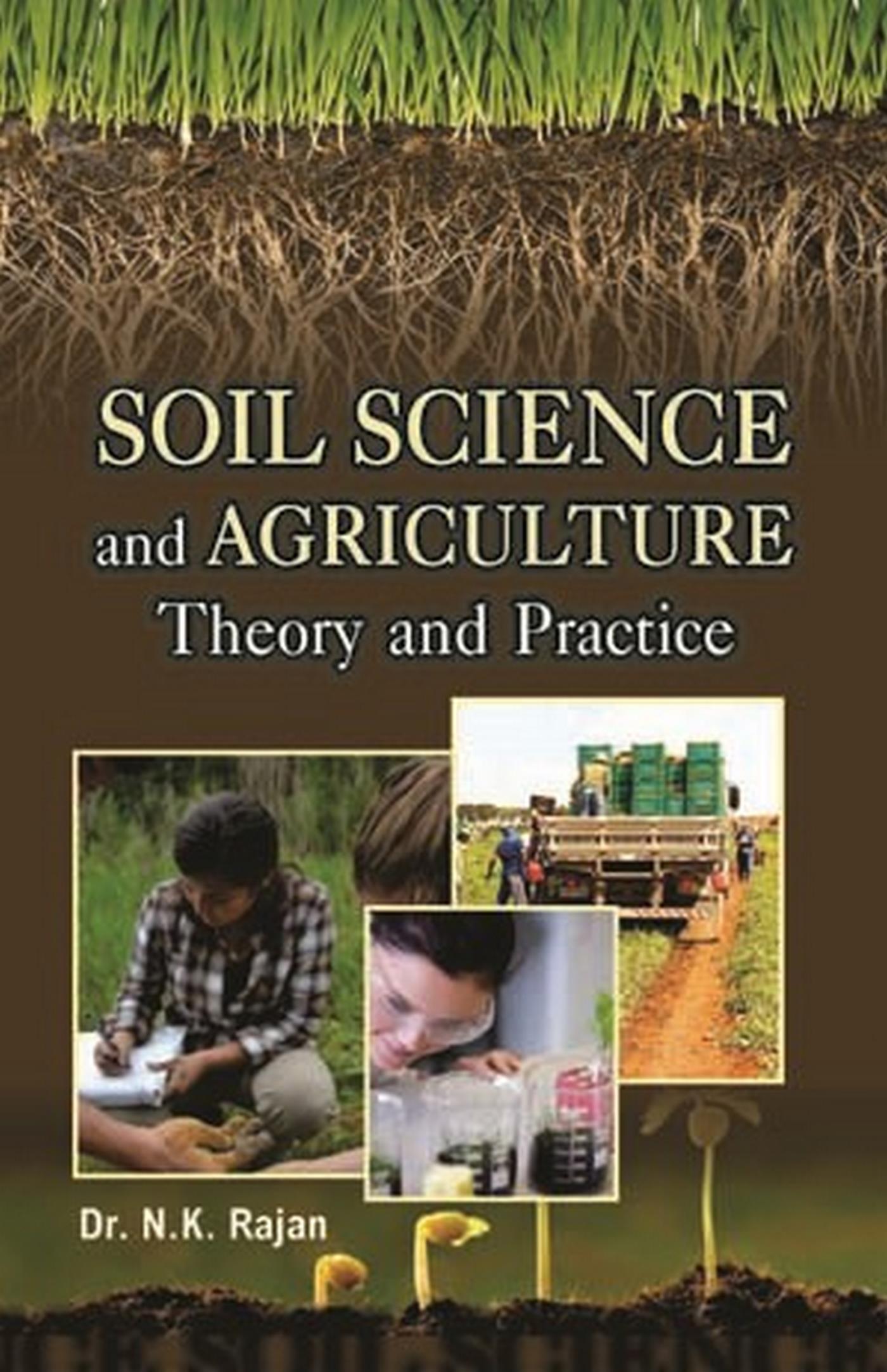
Soil Science And Agriculture Theory And Practice Agricultural soil science is a branch of soil science that deals with the study of edaphic conditions as they relate to the production of food and fiber. It is, therefore, essential that this valuable natural resource is understood and conserved properly. National agricultural production is mainly dependent upon one of the important natural resource like the aim of this book is to help the interested farmers and students so that they can understand well the behaviour of the soils in various aspects. TECHNOLOGY & ENGINEERING,Agriculture,Agronomy,Soil Science
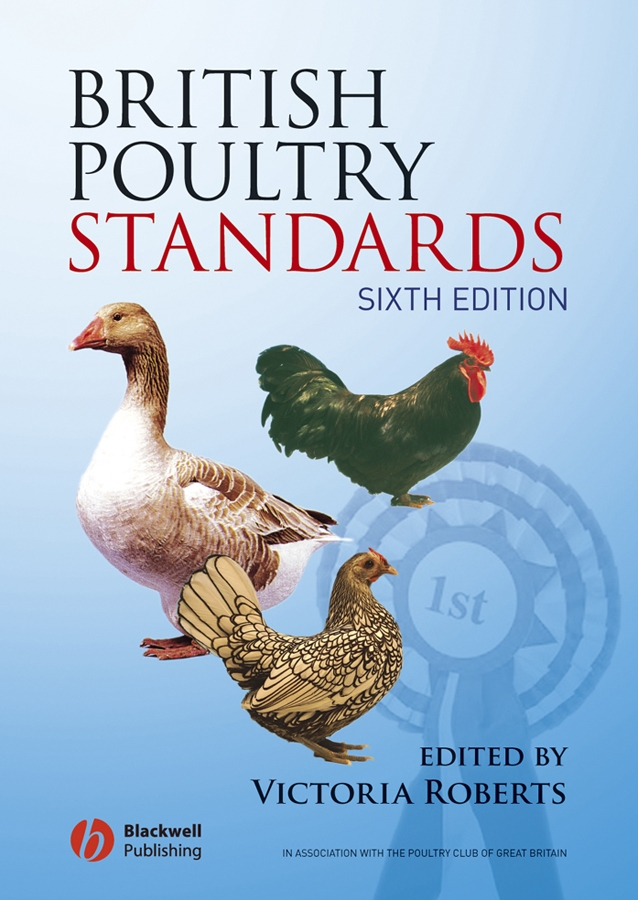
British Poultry Standards British Poultry Standards 6th edition is the official reference to all the recognised Poultry Standards in Great Britain. It contains complete specifications together with judging points for all standardised breeds and varieties, as compiled by the specialist Breed Clubs and recognised by the Poultry Club of Great Britain. Breeding and exhibiting poultry is a long-held tradition as well as a popular and rewarding hobby. The work of the Breed Clubs and the many dedicated breeders in preserving the pure breeds is vital in maintaining our breeds of poultry not only for the cultural heritage of future generations but also as a gene bank for the commercial world. Under the guardianship of the Poultry Club of Great Britain, this book details the authorised standards of excellence for each breed. New to this edition: • New and improved colour images for many breeds, now with almost 300 colour photographs. • The inclusion of silhouettes to show the perfect shape for each breed. • An additional 14 breeds are covered. TECHNOLOGY & ENGINEERING,Agriculture,Animal Husbandry
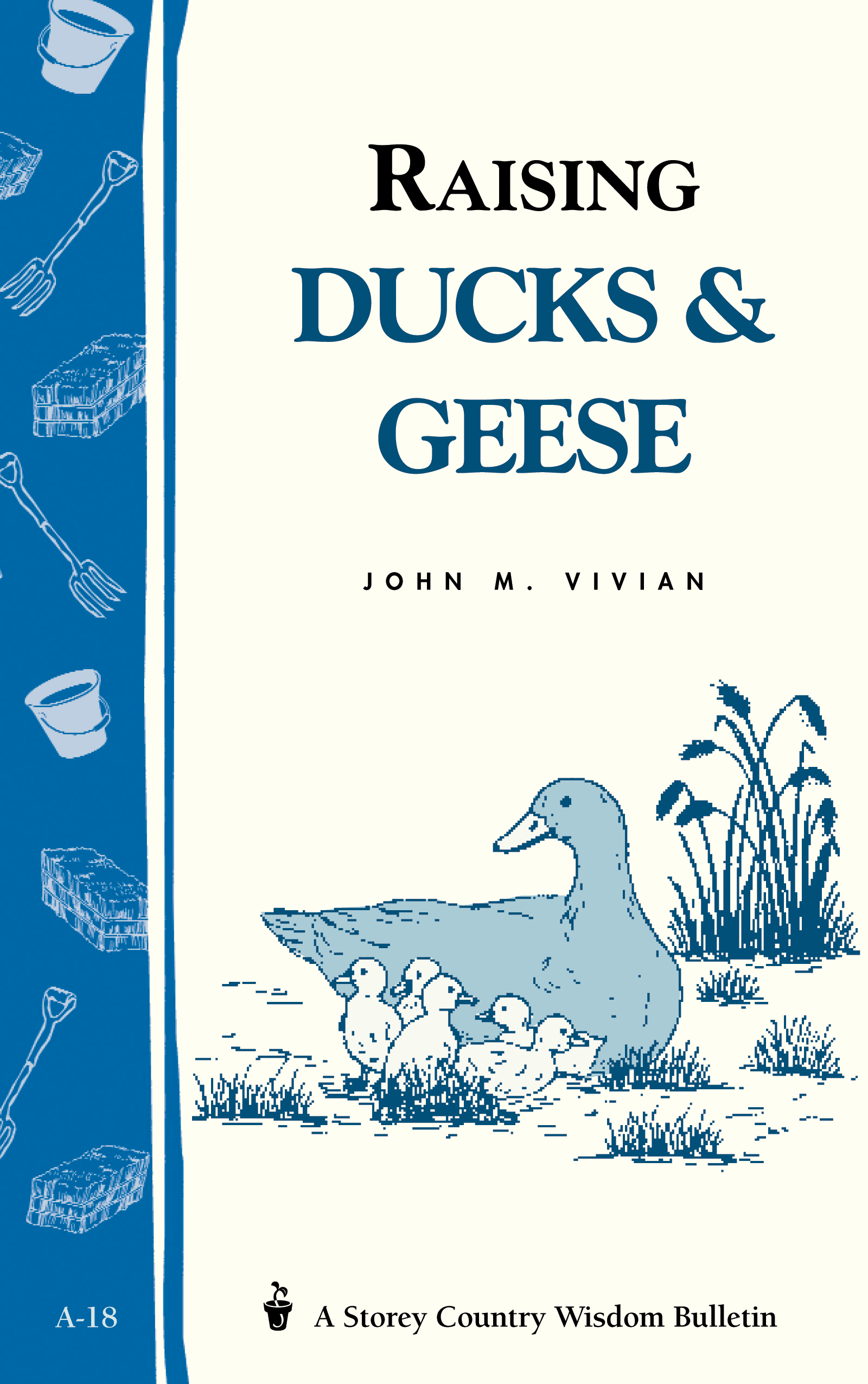
Raising Ducks & Geese Since 1973, Storey's Country Wisdom Bulletins have offered practical, hands-on instructions designed to help readers master dozens of country living skills quickly and easily. There are now more than 170 titles in this series, and their remarkable popularity reflects the common desire of country and city dwellers alike to cultivate personal independence in everyday life. TECHNOLOGY & ENGINEERING,Agriculture,Animal Husbandry

Grass-Fed Cattle Successfully raise grass-fed cattle and enjoy the benefits of great-tasting beef and a financially stable enterprise. In this comprehensive guide, Julius Ruechel covers every aspect of raising healthy and thriving grass-fed cattle, offering advice on herd selection, pasture management, medical care, necessary equipment, winter grazing, slaughtering procedures, and more. With tips on creating a viable business plan and identifying niche markets for your beef, Ruechel provides everything you need to know to develop a profitable and environmentally sustainable grass-fed cattle operation. TECHNOLOGY & ENGINEERING,Agriculture,Animal Husbandry
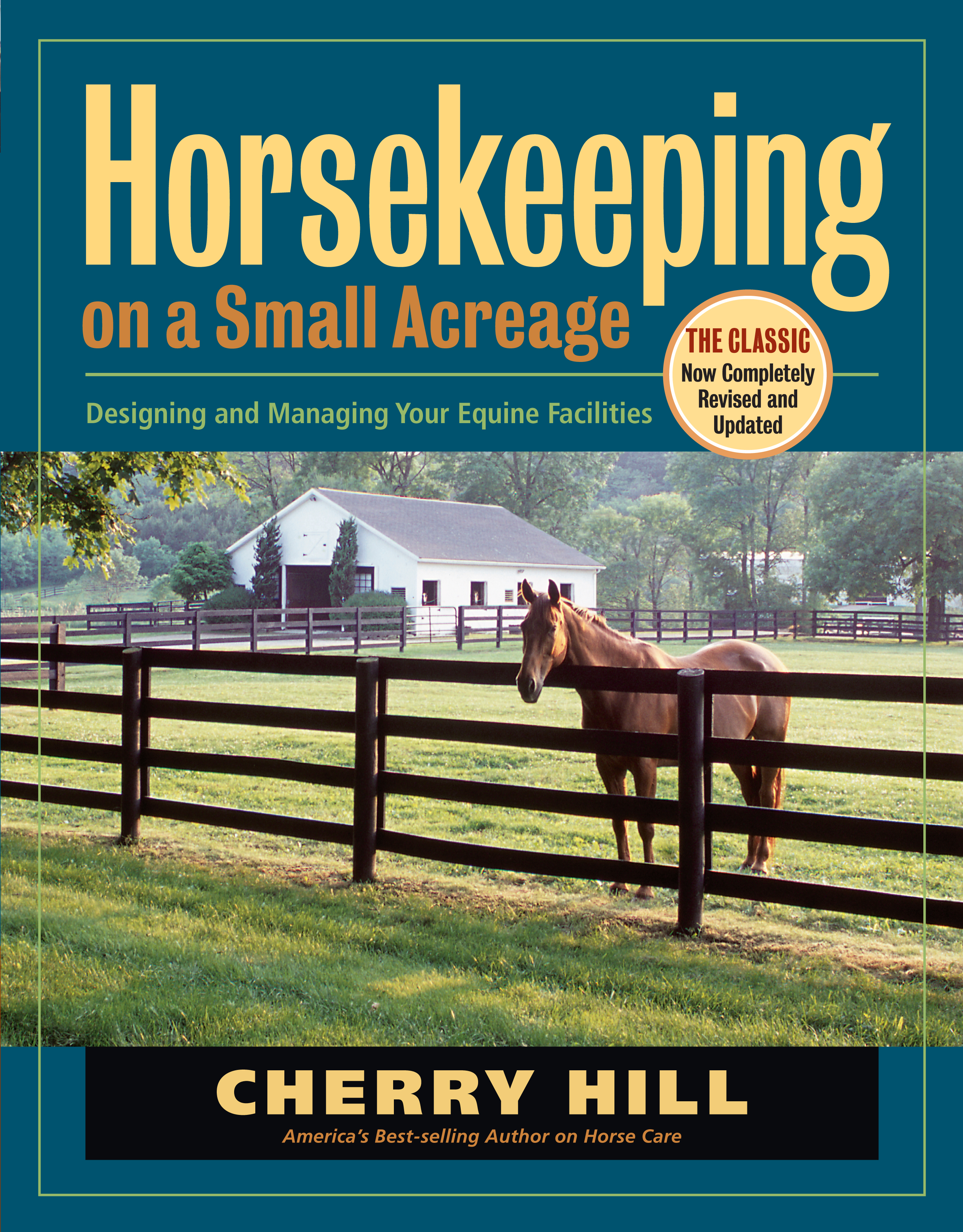
Horsekeeping on a Small Acreage Keeping your own horses requires dedication, hard work, and a sincere interest in the well-being of your animals. This practical guide shows you how to design efficient facilities and establish effective maintenance routines so that your horses can stay happy, healthy, and safe on even the smallest plots of land. Offering expert advice on barn designs, fencing options, and pasture management, Cherry Hill stresses the importance of understanding horse behavior and environmentally responsible land stewardship as integral aspects of a pleasurable and rewarding horsekeeping experience. This publication conforms to the EPUB Accessibility specification at WCAG 2.0 Level AA. TECHNOLOGY & ENGINEERING,Agriculture,Animal Husbandry
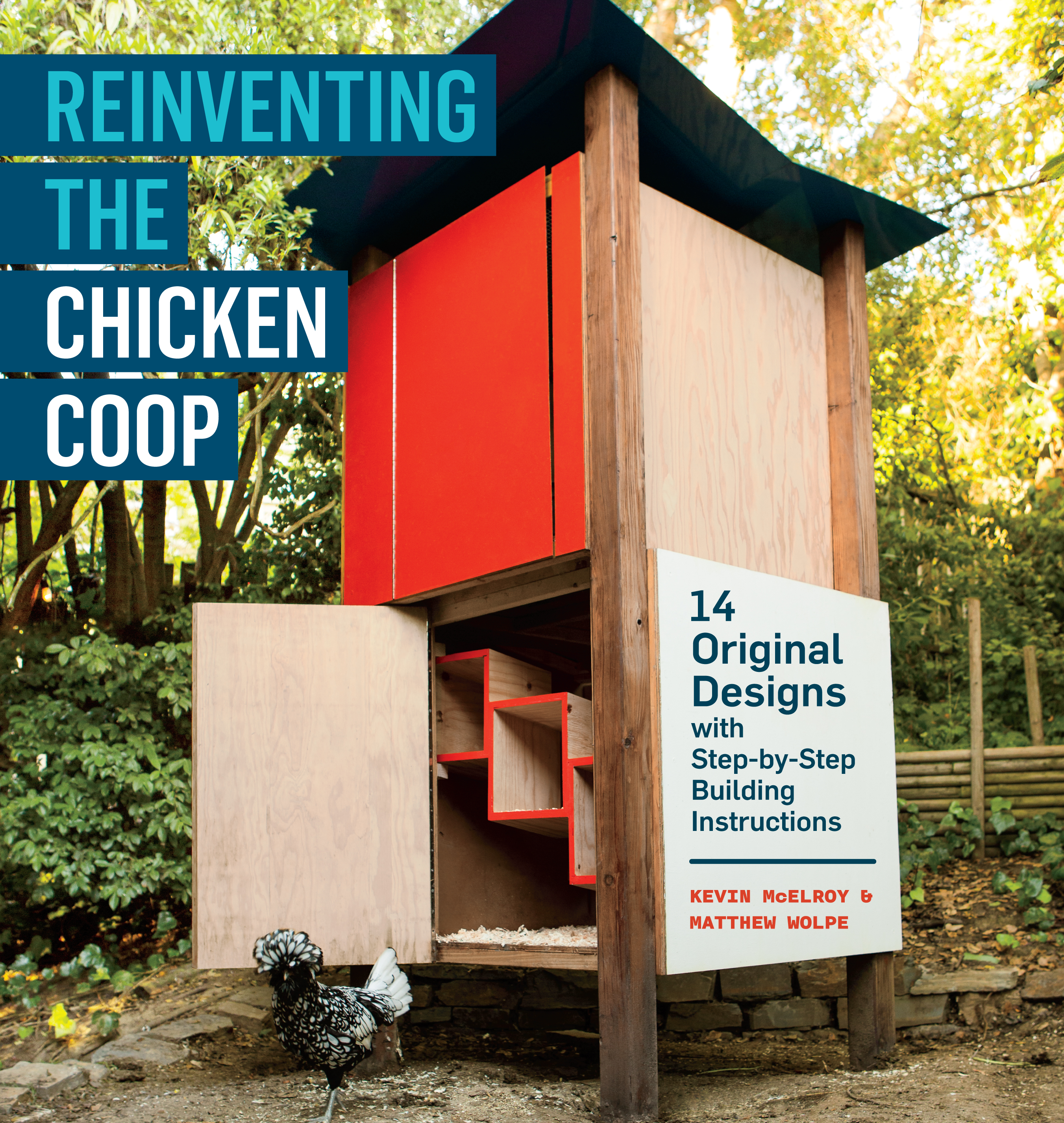
Reinventing the Chicken Coop The step-by-step instructions and full-color photographs of these inspiring coops will delight both first-time builders and veteran chicken farmers alike. TECHNOLOGY & ENGINEERING,Agriculture,Animal Husbandry

The Backyard Sheep An informative guide for anyone looking to keep from two to twelve sheep for fleece, dairy, or companionship. TECHNOLOGY & ENGINEERING,Agriculture,Animal Husbandry

The Mobile Poultry Slaughterhouse Ali Berlow offers a step-by-step guide to building a mobile poultry slaughterhouse that can serve communities and small farmers. TECHNOLOGY & ENGINEERING,Agriculture,Animal Husbandry
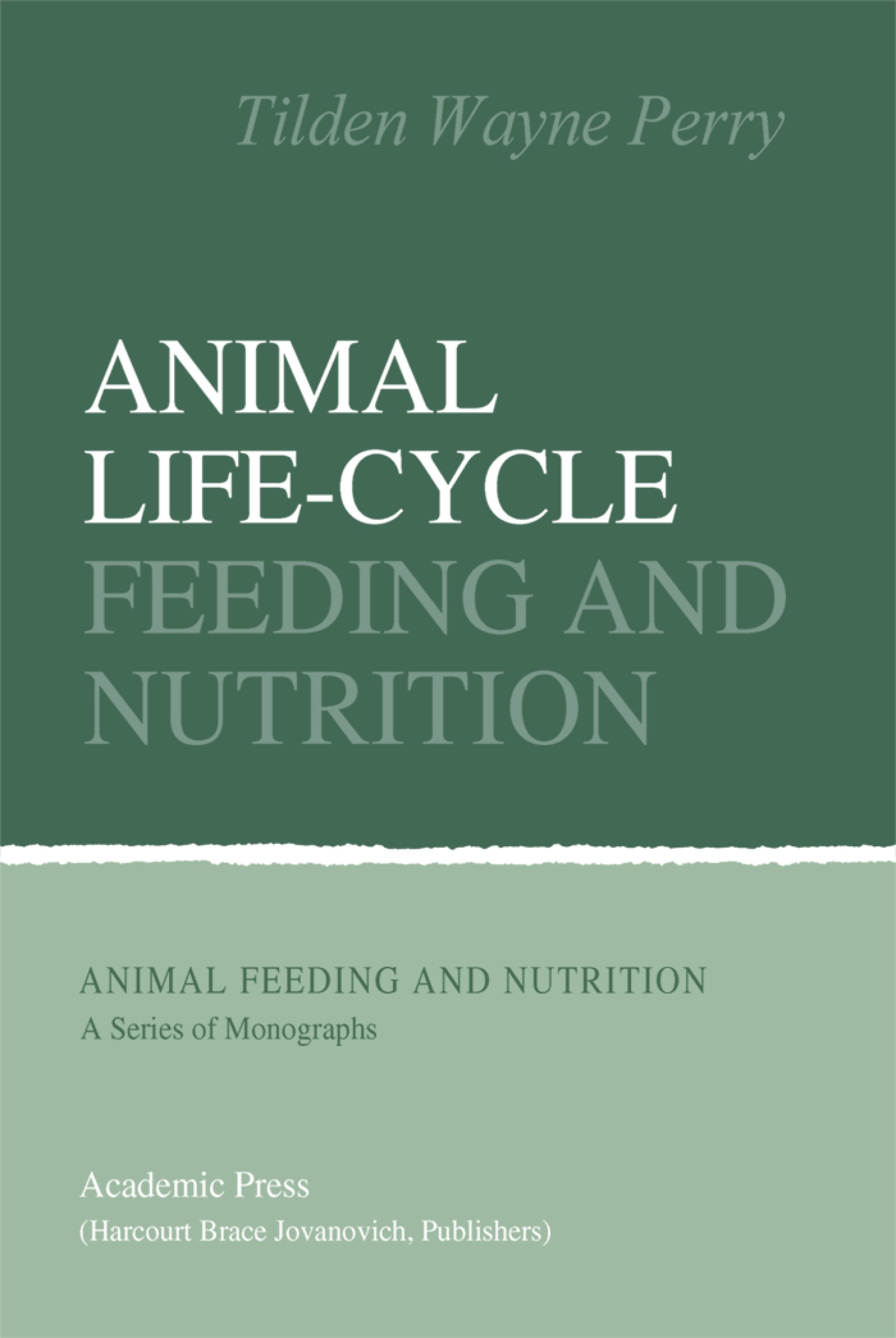
Animal Life-Cycle Feeding and Nutrition Animal Life-Cycle Feeding and Nutrition reviews developments in feeding and nutrition throughout an animal's life cycle and covers a wide range of topics, from utilization of nutrients such as carbohydrates and proteins to nutrient digestion by ruminants, swine, poultry, and horses. Feedstuffs such as pasture and harvested forages, protein concentrates, and cereal and sorghum grains are also discussed. Comprised of 21 chapters, this book begins with a discussion on nutrients and their utilization, including carbohydrates, lipids, proteins, and minerals and vitamins. Nutrient digestion by ruminants, swine, poultry, and horses are then compared and feedstuffs for livestock are evaluated. The next section deals with feedstuffs such as pasture and harvested forages, protein concentrates, and cereal and sorghum grains, together with molasses, manure, and other miscellaneous feed ingredients. The remaining chapters explore the effect of processing on the nutrient value of feedstuffs; balancing of rations; and feeding of animals including swine, beef and dairy cattle, poultry, sheep, horses, dogs, and goats. This monograph is designed for students of animal sciences, for veterinary students as well as doctors of veterinary medicine, and for practitioners of livestock feeding. TECHNOLOGY & ENGINEERING,Agriculture,Animal Husbandry

The Chicken Health Handbook, 2nd Edition A completely revised and updated second edition of the best-selling classic reference by America's leading chicken authority. TECHNOLOGY & ENGINEERING,Agriculture,Animal Husbandry
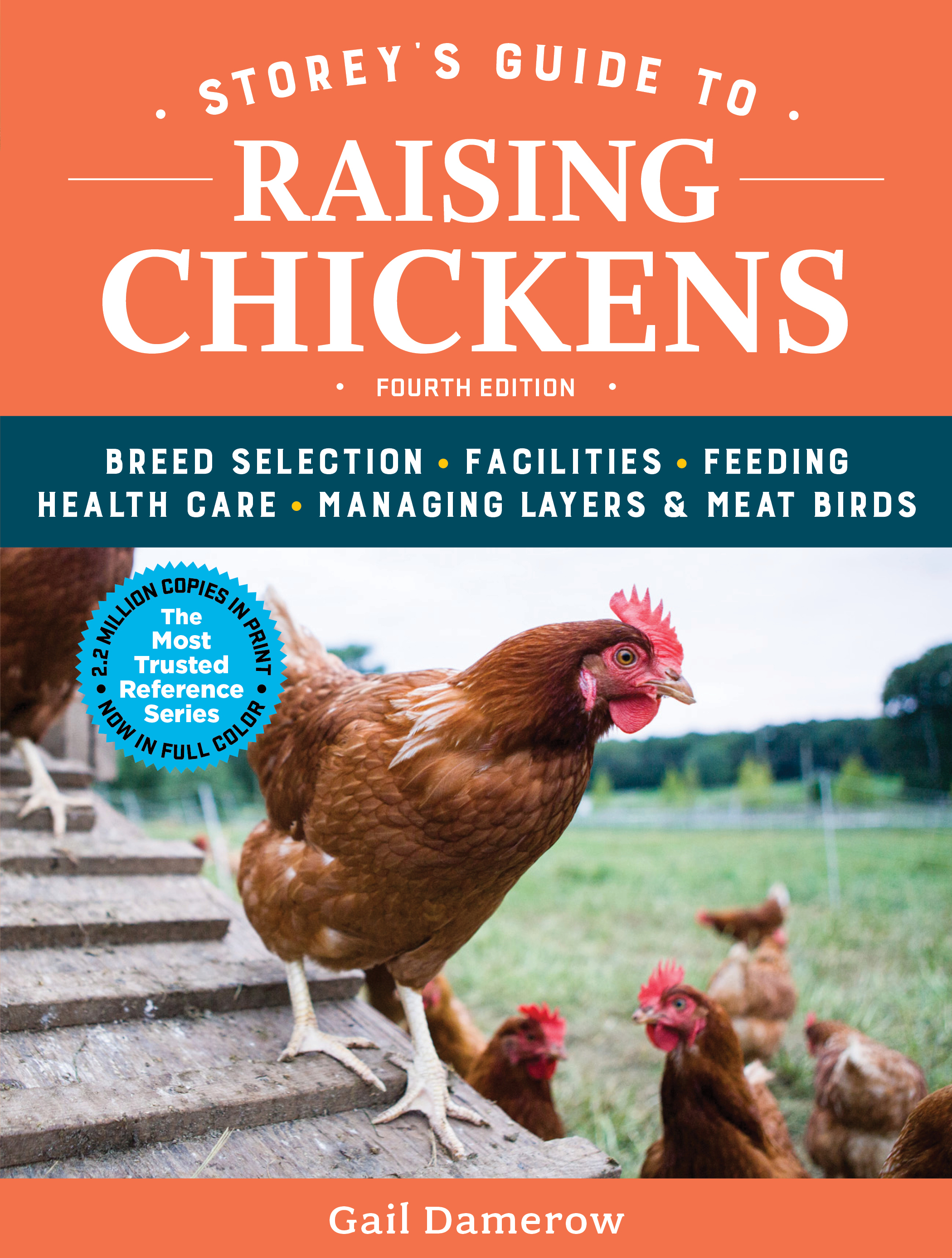
Storey's Guide to Raising Chickens, 4th Edition With 372,000 copies in print, this is the most trusted and comprehensive reference on every aspect of chicken care, housing, feeding, and health care. The full-color new edition features the most current practices and a fresh new design. TECHNOLOGY & ENGINEERING,Agriculture,Animal Husbandry
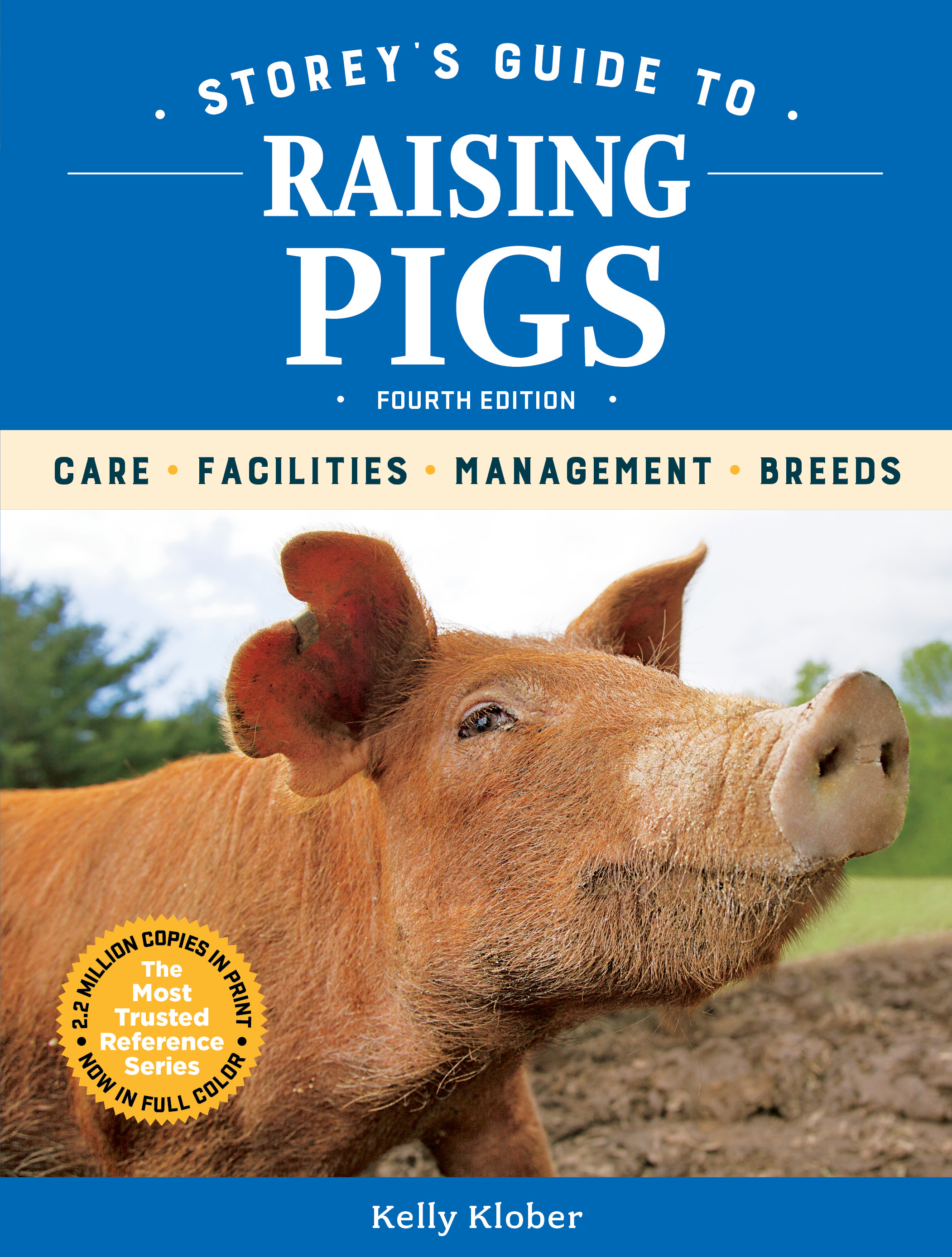
Storey's Guide to Raising Pigs, 4th Edition The fourth edition of the most trusted and comprehensive pig-raising reference features color photography and updated information on pig care, breed selection, housing, and health. TECHNOLOGY & ENGINEERING,Agriculture,Animal Husbandry
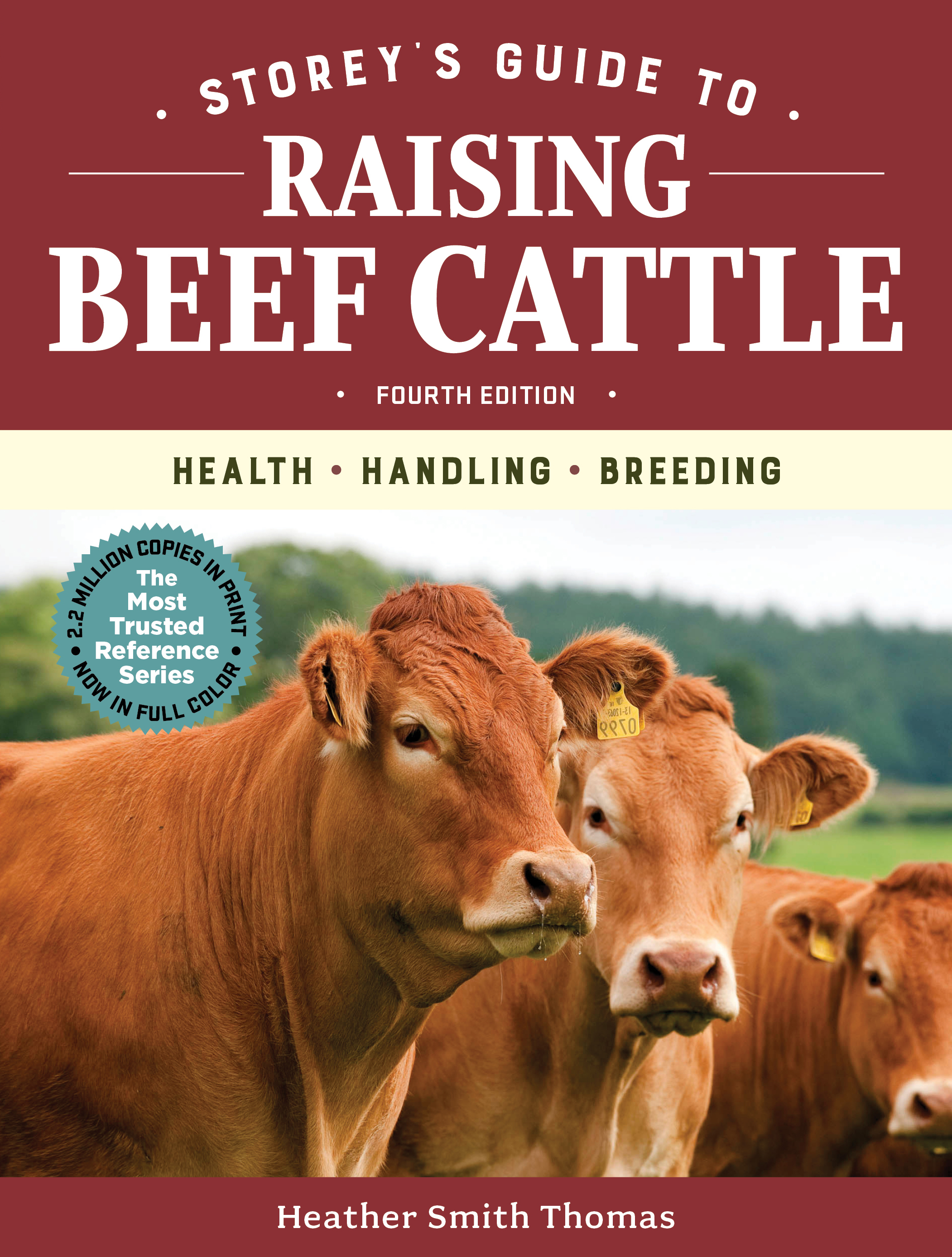
Storey's Guide to Raising Beef Cattle, 4th Edition The fourth edition of the most trusted and comprehensive reference on beef cattle health care, breed selection, and grass-fed cattle–raising techniques is now fully revised and updated, featuring color photography and illustration. TECHNOLOGY & ENGINEERING,Agriculture,Animal Husbandry
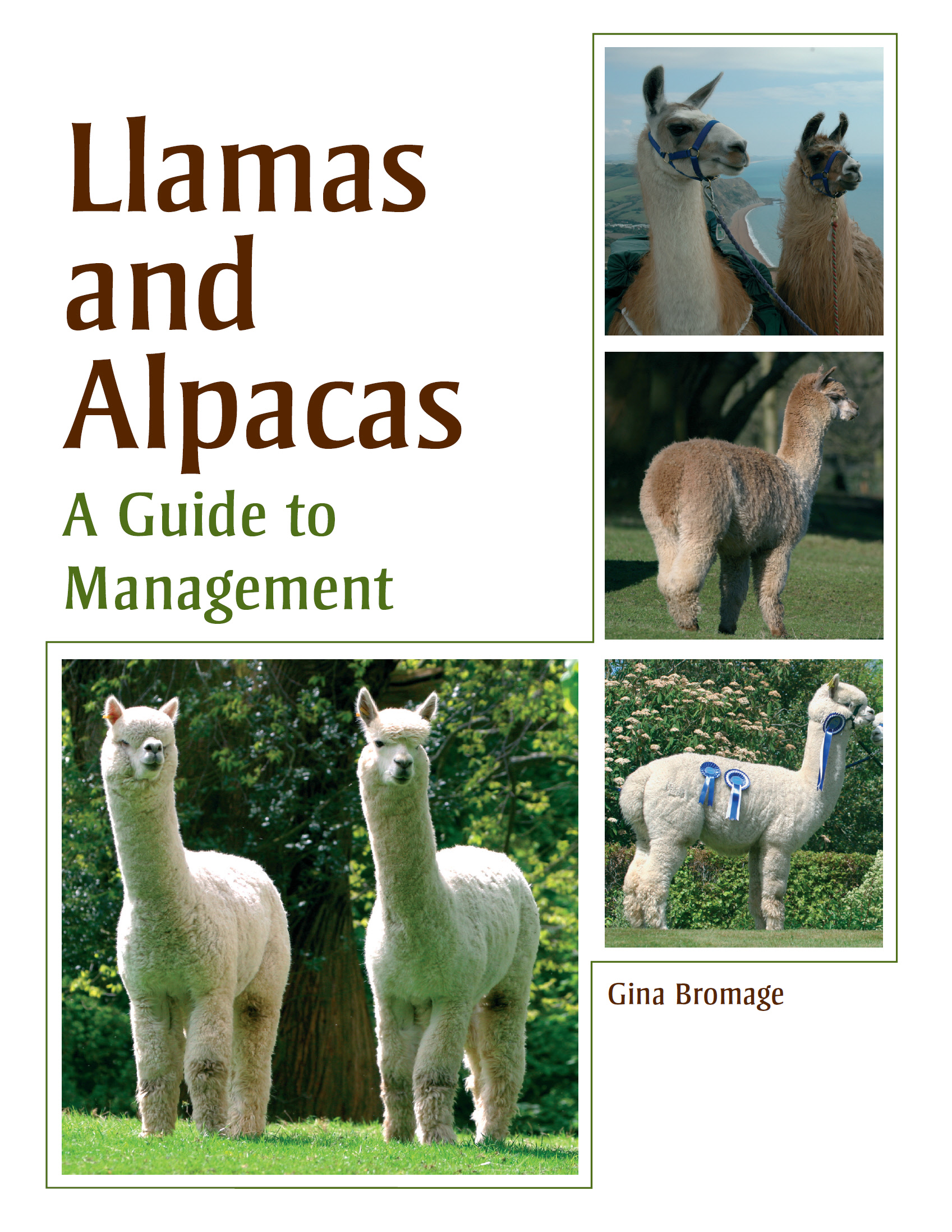
Llamas and Alpacas As well as being adorable animals with a thick, warm fleece, llamas and alpacas are also intelligent, discerning, curious and sociable. In addition they are docile, gentle and easily trained. Natural grazers and browsers, they keep down hedges and pastures, they rarely challenge even the most pathetic fencing unless they are frightened, or in love. They require very little supplementary feed, live outside all year round, are generally hardy, healthy and happy. Llamas and Alpacas - A Guide to Management contains all the basic information required in order to keep these animals successfully and provides an invaluable insight into what keeping llamas and alapacas involves in terms of resources, housing, equipment and skills. It assumes no prior knowledge of llamas and alpacas, nor the husbandry of other domesticated species, and is ideal for the uninitiated as well as being a comprehensive reference source for the established camelid keeper. The book contains chapters that deal with land and housing, nutrition, husbandry and welfare, fleece evaluation, fleece marketing, animal assessment and showing, breeding, birth, the care of the newborn and common health problems.Designed to be a husbandry handbook, it aims to cover the basic knowledge required to keep llamas and alpacas successfully. It assumes no prior knowledge of llamas and alpacas, nor the husbandry of other domesticated species, and is ideal for the completely uninitiated, as well as being a useful source of first reference for the established camelid keeper. Superbly illustrated with 183 colour photographs and 23 diagrams and drawings. Gina Bromage is an experienced veterinary surgeon who keeps alpacas. TECHNOLOGY & ENGINEERING,Agriculture,Animal Husbandry
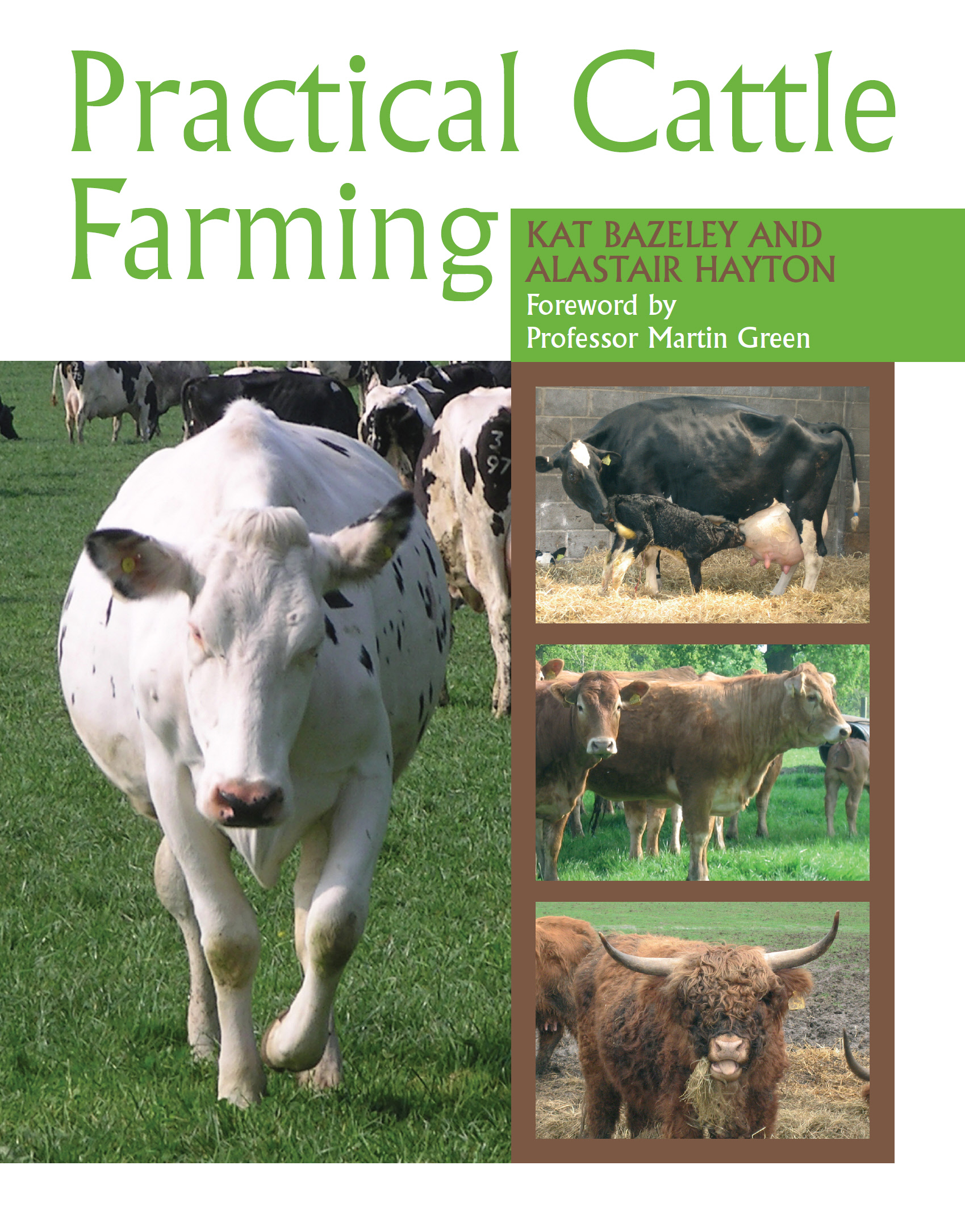
Practical Cattle Farming Practical Cattle Farming is written by two experienced, practising veterinarians, and covers the essential elements of beef and dairy cattle farming and the latest cutting-edge scientific research, and is therefore of value both to the novice and to those with experience. The text is clearly written and includes helpful explanatory notes and detailed practical information. Examines the principles of beef and dairy production, and the husbandry of cattle from the newborn calf to adulthood. Explores the practical aspects of nutrition, housing, grazing and fertility management including the common problems, how these may be identified and corrected, and some of the economic factors that must be considered. Analyses the principles of disease prevention and control in order to maximize the success of the cattle unit. Outlines the factors that determine the welfare of the cattle and the relevant English laws. Essential reading for all beef and dairy cattle farmers, those working in industries associated with cattle farming, and agricultural and veterinary students. Provides practical guidance on all aspects of cattle farming. Fully illustrated with 150 colour photographs and 40 diagrams and drawings. Kat Bazeley and Alastair Hayton are two experienced, practising veterinarians. TECHNOLOGY & ENGINEERING,Agriculture,Animal Husbandry

Guide to Stock Fencing Whether you need a fence that will protect large livestock such as cattle and horses, or an enclosure for a few chickens, or any size of stock enclosure in between, A Guide to Stock Fencing contains a wealth of practical information and advice.Topics covered include: guidance on purchasing the correct materials and tools, and the best retailers to do business with; the basic post-and-rail fence, including the ideal equestrian enclosure; specialist fences for different livestock; dealing with variations in local topography, including fencing on slopes and crossing rivers and streams; adding stiles to gates to a fence; and finally, advanced fencing techniques including how to secure posts in shallow or soft ground.This practical guide contains a wealth of information and advice needed to produce an effective, durable fence for whatever stock you wish to contain. Highly illustrated with 130 black & white photographs. TECHNOLOGY & ENGINEERING,Agriculture,Animal Husbandry
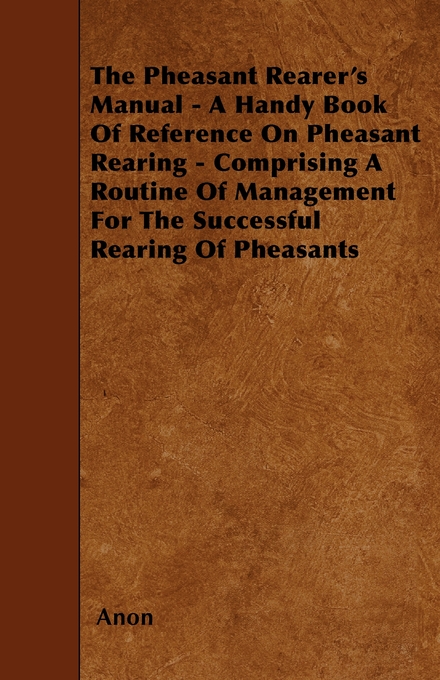
The Pheasant Rearer's Manual - A Handy Book of Reference on Pheasant Rearing - Comprising a Routine of Management for the Successful Rearing of Pheasa Originally published in 1903, this book comprises a detailed guide to setting up and maintaining a routine of management for the successful rearing of pheasants. Written in clear, simple language and full of handy tips, “The Pheasant Rearers' Manual†represents a timeless guide for all with a practical interest in the subject keeping wildfowl for pleasure or sport. Contents include: "Pheasants and Sport", "Concerning Eggs", "Aviary Construction", "Catching up Pheasants", "Equipment", "Sitting Fowls", "Management", "The Rearing Field", "Removal to Covert", "Coverts", "Diseases", etc. Many vintage books such as this are increasingly scarce and expensive. It is with this in mind that we are republishing this volume now in an affordable, modern, high-quality edition complete with a specially-commissioned new introduction on shooting wildfowl. TECHNOLOGY & ENGINEERING,Agriculture,Animal Husbandry

Backyard Livestock A new edition of the essential guide to animal husbandry Have you ever celebrated Thanksgiving with a turkey from a local farm, instead of a packaged, frozen supermarket bird? Ever cracked a farm-fresh egg into the skillet next to a store-bought one? The difference in quality can’t be overstated. Small-scale livestock farming not only brings better, safer, and more delicious food to your table, but it can do so economically. Long the primary reference for anyone who keeps animals as a sustainable food source, this latest edition comes with a beautiful new design and includes up-to-date information on breeding, feeding, disease prevention, housing, and management. Complete with clarifying diagrams, full color photography, and a catalog of supplemental reading, Backyard Livestock continues to be the best resource for those who wish to sustainably and ethically raise their own farm-fresh food. TECHNOLOGY & ENGINEERING,Agriculture,Animal Husbandry
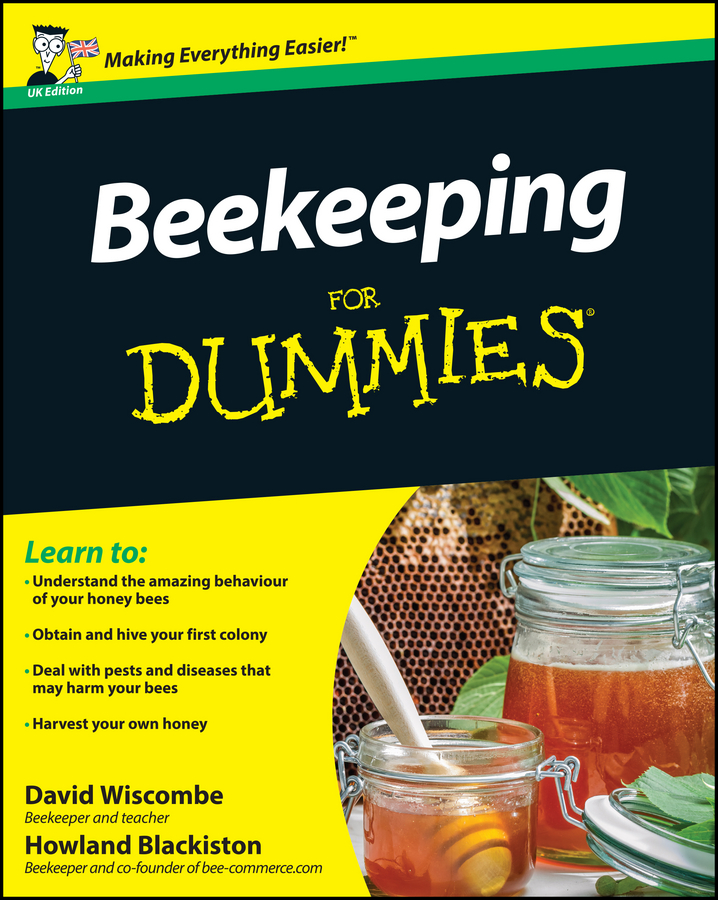
Beekeeping For Dummies The fast and easy way to start and maintain a hive Beekeeping For Dummies is a practical, step-by-step beginner's guide to beekeeping. It gives you plain-English guidance on everything you need to know to start your own beehive, from buying the right equipment, sourcing bees, and locating your hive to maintaining a healthy colony and harvesting honey. Plus, you'll get the latest information on the causes and effects of bee disease, colony collapse disorder, and the impact the sudden disappearance of the honeybee has on our environment and economy. Here, you'll get trusted information on beekeeping in the UK, specifically written to address climate, buying equipment, locating hives, the local impact of colony collapse disorder and ways to avoid or minimise the risk to your hive, seasonal beekeeping tasks, local beekeeping associations, and updated content on urban beekeeping. Understand the anatomy of your bees Learn techniques and tips for harvesting, bottling, packaging, and selling honey Discover the benefits of beekeeping Learn techniques on obtaining and hiving your bees If you're a beginner beekeeper, taking a beekeeping course, or just have an interest in the plight of the honeybee, Beekeeping For Dummies has you covered! TECHNOLOGY & ENGINEERING,Agriculture,Beekeeping

Storey's Guide to Keeping Honey Bees, 2nd Edition Part of the best-selling series of animal husbandry handbooks, the second edition of the most trusted and comprehensive reference on honey bee health, production, and pollination now features full-color photography and a fresh redesign.​ TECHNOLOGY & ENGINEERING,Agriculture,Beekeeping

The Book of Bee-keeping “The Book of Bee-keeping†is a classic guide to keeping bees for profit and pleasure. It includes complete instructions for setting up and managing a successful apiary, as well as tips and observations from a life-long keeper on how to avoid problems and make a profit. Highly recommended for modern readers interested in keeping bees. Contents Include: “Introduction", "Advantages of Bee-keeping", "The Honey Bee", "Products of Bees", "Combs", "Modern Bee-keeping", "Appliances", "Food", "Swarming", "Manipulating", "Honey", "Diseases of Bees", "Enemies of Bees", etc. Many vintage books such as this are increasingly scarce and expensive. It is with this in mind that we are republishing this volume now in an affordable, modern, high-quality edition complete with a specially-commissioned new introduction on bee-keeping. TECHNOLOGY & ENGINEERING,Agriculture,Beekeeping
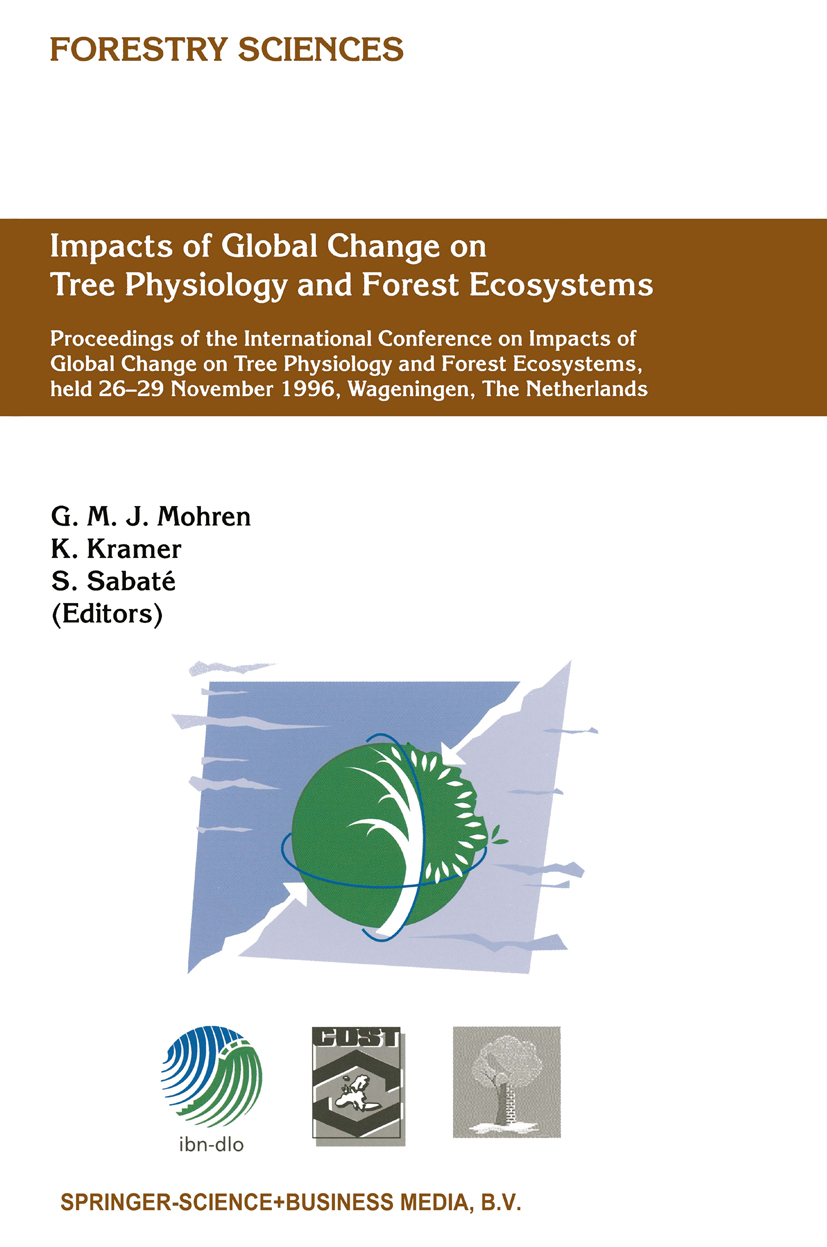
Impacts of Global Change on Tree Physiology and Forest Ecosystems Proceedings of the International Conference on Impacts of Global Change on Tree Physiology and Forest Ecosystems, held 26-29 November 1996, Wageningen TECHNOLOGY & ENGINEERING,Agriculture,Forestry
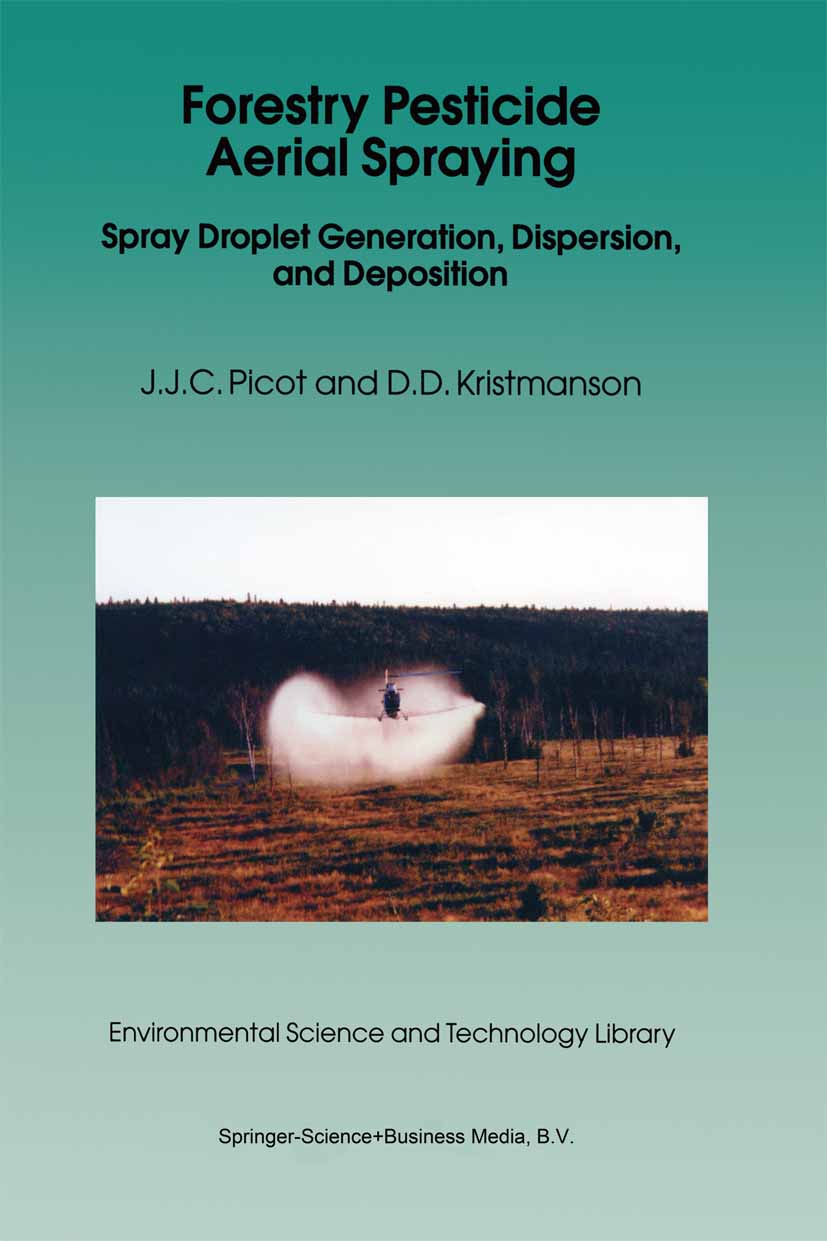
Forestry Pesticide Aerial Spraying Introduced to the technical aspects of forestry aerial spraying in the mid-1970's, we were immediately impressed by the complexity of the process of delivering pesticide to foliage. At that time, there was a vigorous public debate in New Brunswick about the ecological and public h~alth impacts of the annual spray program for the control of defoliation of spruce and fir trees by the spruce budworm. The forest industry is important to the province and changes to the established procedures of budworm control could have major economic implications. A rational debate required reliable information about the mechanics of the spraying process. There was a need to supply missing information as to required pesticide application rates, atomizer performance, off-target drift and deposit, and the effects of weather and aircraft operating factors. We were invited to initiate a research program in this domain by New Brunswick forest management officials, and what follows in this book is a logical and quantitative description of the overall process based on our own research and that of others over the intervening years. After a short introduction to aerial spraying, we begin (Chapter 2) by describing forest stands in terms of their interaction with suspended atmospheric particulate material carried along by the wind and susceptible to deposition on foliage. We introduce foliage simulators and their use in measuring the deposit of sprayed pesticide on foliage, the "biological interface" between pest and pesticide. TECHNOLOGY & ENGINEERING,Agriculture,Forestry

Restoration of Forests Proceedings of the NATO Advanced Research Workshop on Science and Technology to Save and Better Utilize Central and Eastern Europe's Forests, Saulberg, Lower Bavaria, Germany, July 15-19, 1996 TECHNOLOGY & ENGINEERING,Agriculture,Forestry
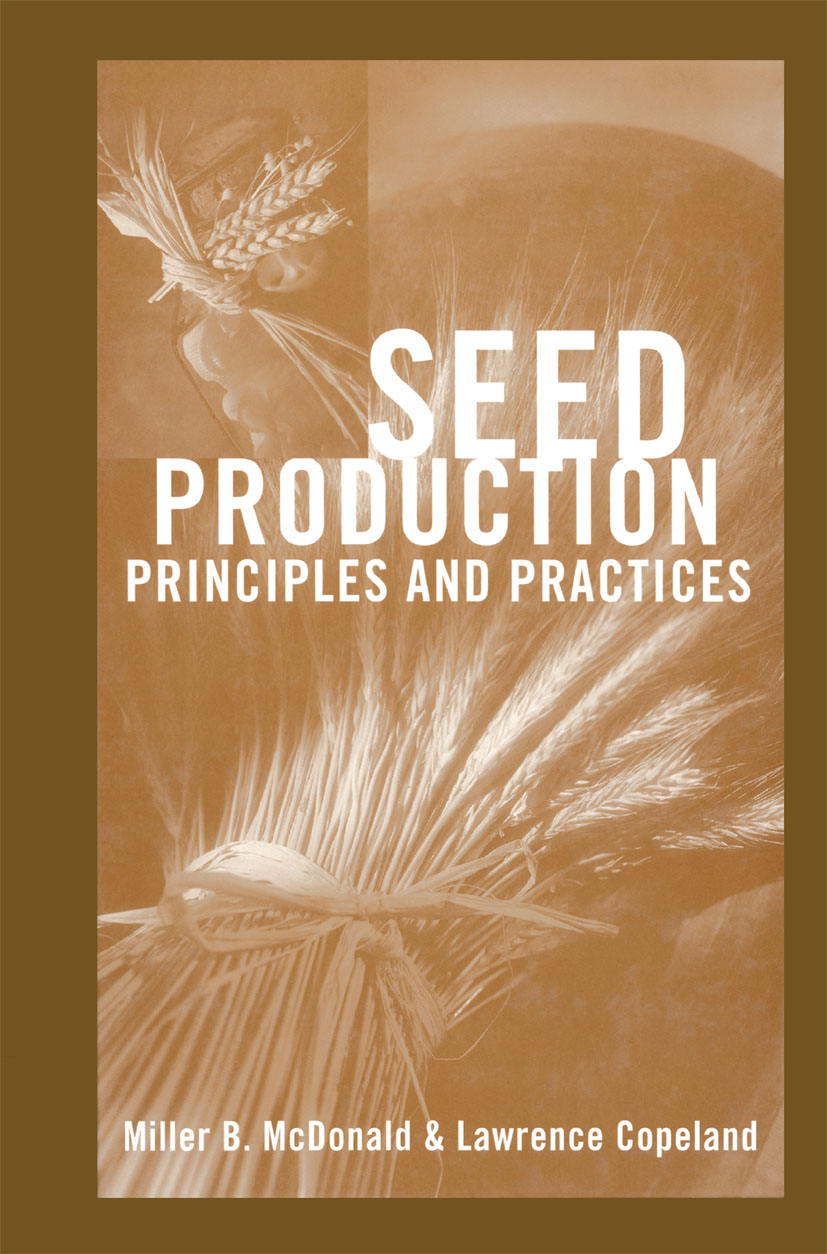
Seed Production Plant breeders continue to make significant advances in developing high yield ing, adaptable, disease-free crops. These advances, however, are not realized until an efficient seed production system is in place that rapidly increases geneti cally superior crops and makes them available to the consumer in large quantities at a reasonable cost. Successful seed production requires seed to be genetically pure, free of admixtures, and able to establish rapidly a uniform stand. Seed production is a complex process. Rigorous production criteria are followed by both seed producer and seed companies to ensure that high-quality seed is produced and marketed. These criteria become even more stringent in hybrid seed production. This volume identifies the factors most critical in a successful seed production operation. The fundamental considerations common to all seed crops are established in Part I, Principles of Seed Production. From this founda tion, the practices of seed production are provided in detail in Part II, Seed Production of Specific Crops. TECHNOLOGY & ENGINEERING,Agriculture,Forestry
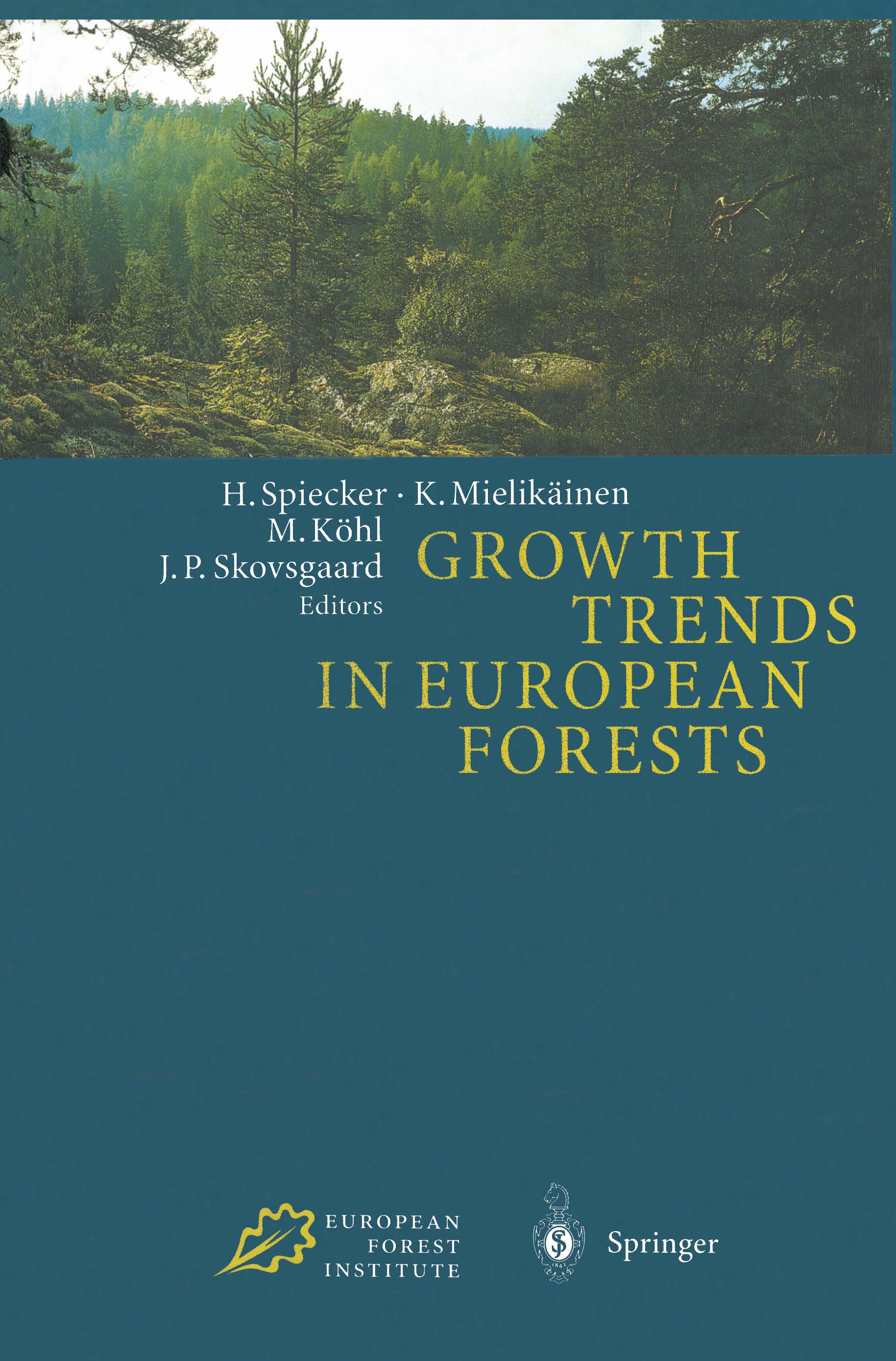
Growth Trends in European Forests The European Forest Institute (EFI) has five Research and Development priority ar eas: forest sustainability, forestry and possible climate change, structural changes in markets for forest products and services, policy analysis, and forest sector informa tion services and research methodology. In the area of forest sustainability our most important activity has been the project "Growth trends of European forests", the re sults of which are presented in this book. The project was started in August 1993 under the leadership of Prof. Dr. Heinrich Spiecker from the University of Freiburg, Germany, and it is one of the first EFI's research projects after its establishment in 1993. The main purpose of the project was to analyse whether site productivity has changed in European forests during the last decades. While several forest growth studies have been published at local, re gional and national levels, this project has aimed at stimulating a joint effort in iden tifying and quantifying possible growth trends and their spatial and temporal extent at the European level. Debate on forest decline and possible climate change, as well as considerations re lated to the long term supply of wood underline the importance of this project, both from environmental and industrial points of view. Knowledge on possible changes in growth trends is vital for the sustainable management of forest ecosystems. TECHNOLOGY & ENGINEERING,Agriculture,Forestry
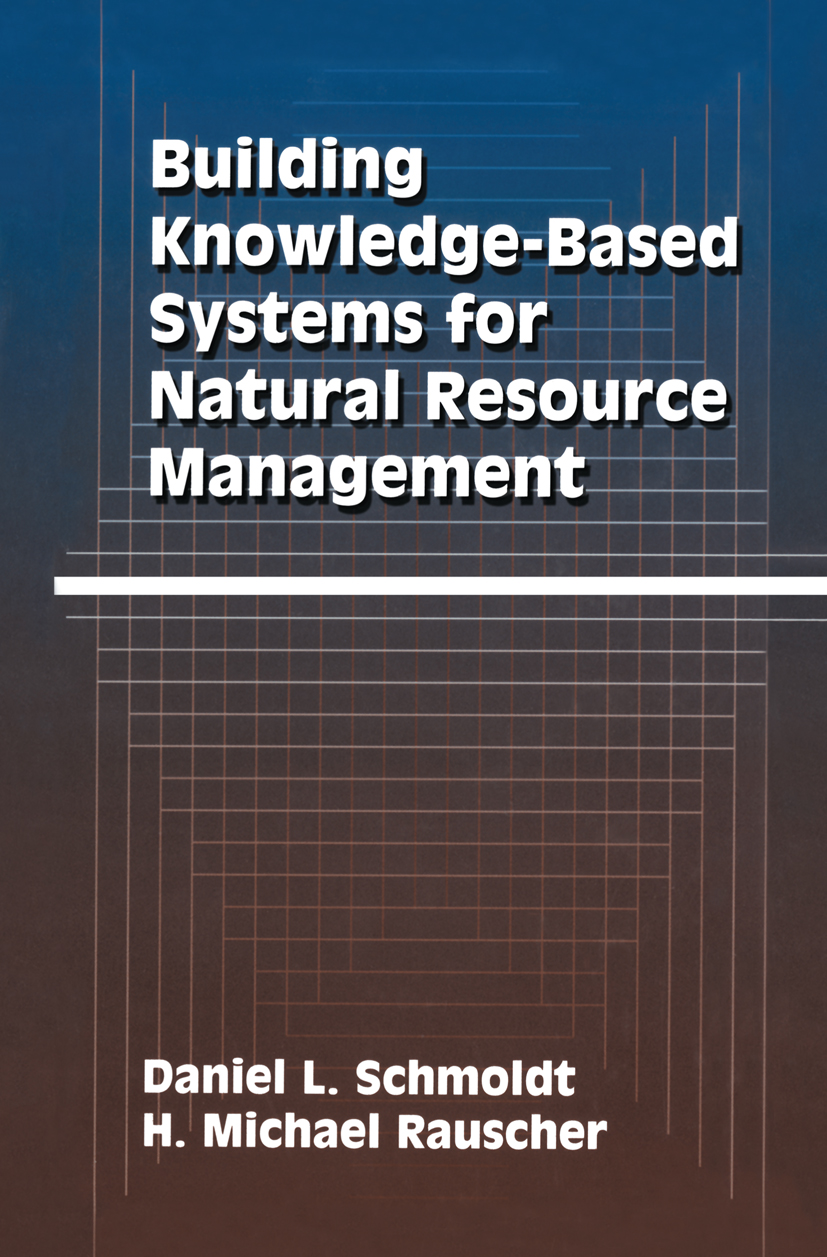
Building Knowledge-Based Systems for Natural Resource Management If one were forced to use a single key word to describe the decade of the 1980's, a very prominent one would be "technology. " Leading the forefront of tech nology advancement were breakthroughs in electronics. Devices that were uncommon or unknown in 1980 became commonplace, and almost indispens able, by 1989. This trend has continued into the 1990's and it does not seem to be abating in any way. Microwave ovens, video recorders, telephone answer ing machines, compact disc players, computers, and a host of smaller or less sophisticated devices now appear in most households. The development of small and inexpensive computers, i. e. , personal computers, has placed computing resources within reach of many more people. In addition, many traditional, and largely mechanical devices, have been enhanced by electronics. For example, specialized microprocessors are combined with arrays of electronic sensors to control and monitor sophisticated engineering components in most new auto mobiles. In this and many other ways, we are touched by the new electronics in almost every aspect of our daily lives. Initially, personal computers were little more than toys. They contained only a small fraction of the computing power of their immediate ancestors, the mini computers and mainframe computers. However, rapid improvements in integ rated circuit design and chip manufacture produced regular reductions in size and cost of computer components. During the same time, processor speed and sophistication increased. TECHNOLOGY & ENGINEERING,Agriculture,Forestry
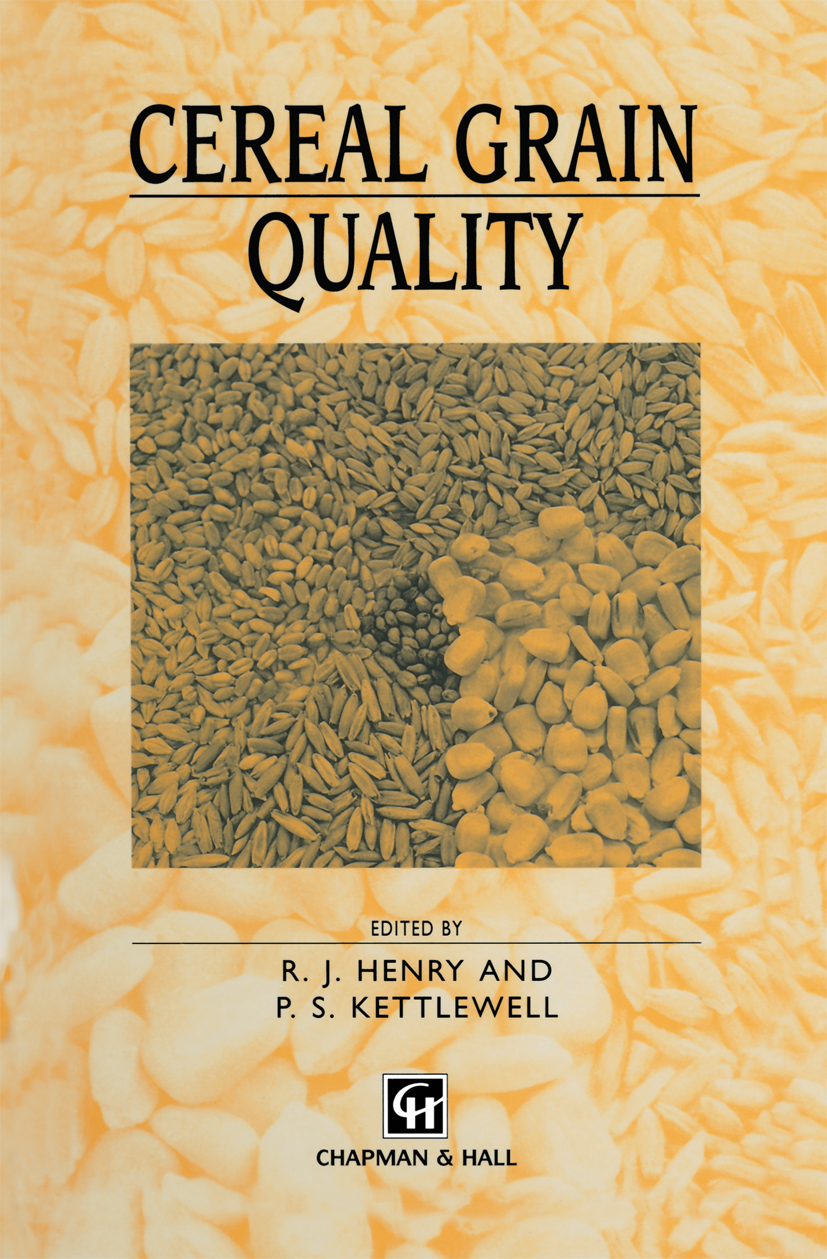
Cereal Grain Quality Cereal uses range from human food and beverages to animal feeds and industrial products. It is human food and beverages which are the predominant uses covered in this book, since the nutritional quality of cereals for animal feed is described in other publications on animal nutrition, and industrial products are a relatively minor use of cereals. Cereals are the main components of human diets and are crucial to human survival. Three species, wheat, rice and maize, account for the bulk of human food. Barley is the major raw material for beer production and ranks fourth in world production. Other species such as sorghum are regionally important. This book covers all the major cereal species: wheat, rice, maize, barley, sorghum, millet, oats, rye and triticale. Specific chapters have been devoted to a description of the major end-uses of each of the species and to definition of the qualities required for each of their end uses. The functional and nutritional quality of cereals determines their suitability for specific purposes and may limit the quality of the end product, influencing greatly the commercial value of grain. An under standing of the factors that determine grain quality is thus important in the maintenance of efficient and sustainable agricultural and food production. The biochemical constituents of the grain that determine quality have been described in chapters on proteins, carbohydrates and other components. An understanding of the relationships between grain composition and quality is important in selecting grain for specific uses. TECHNOLOGY & ENGINEERING,Agriculture,Forestry
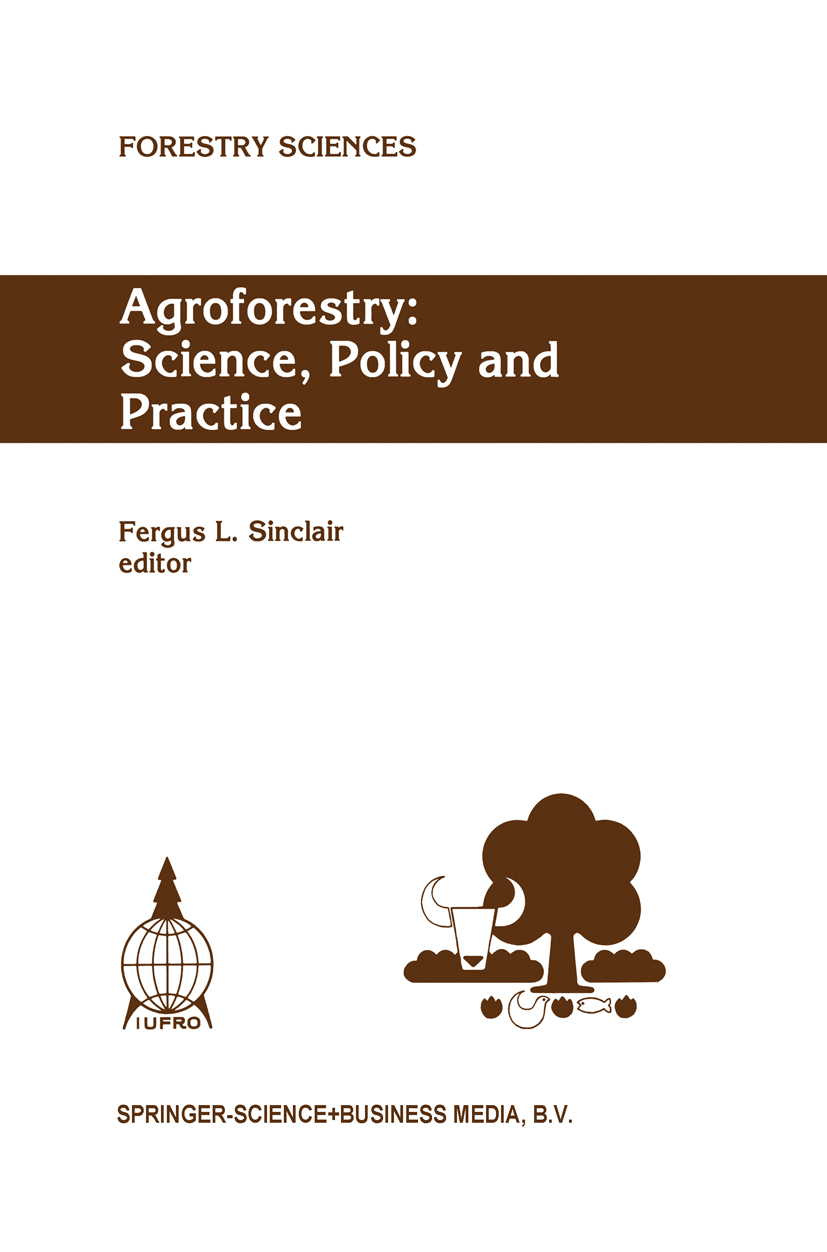
Agroforestry Selected Papers from the Agroforestry Sessions of the IUFRO 20th World Congress, Tampere, Finland, 6-12 August 1995 TECHNOLOGY & ENGINEERING,Agriculture,Forestry
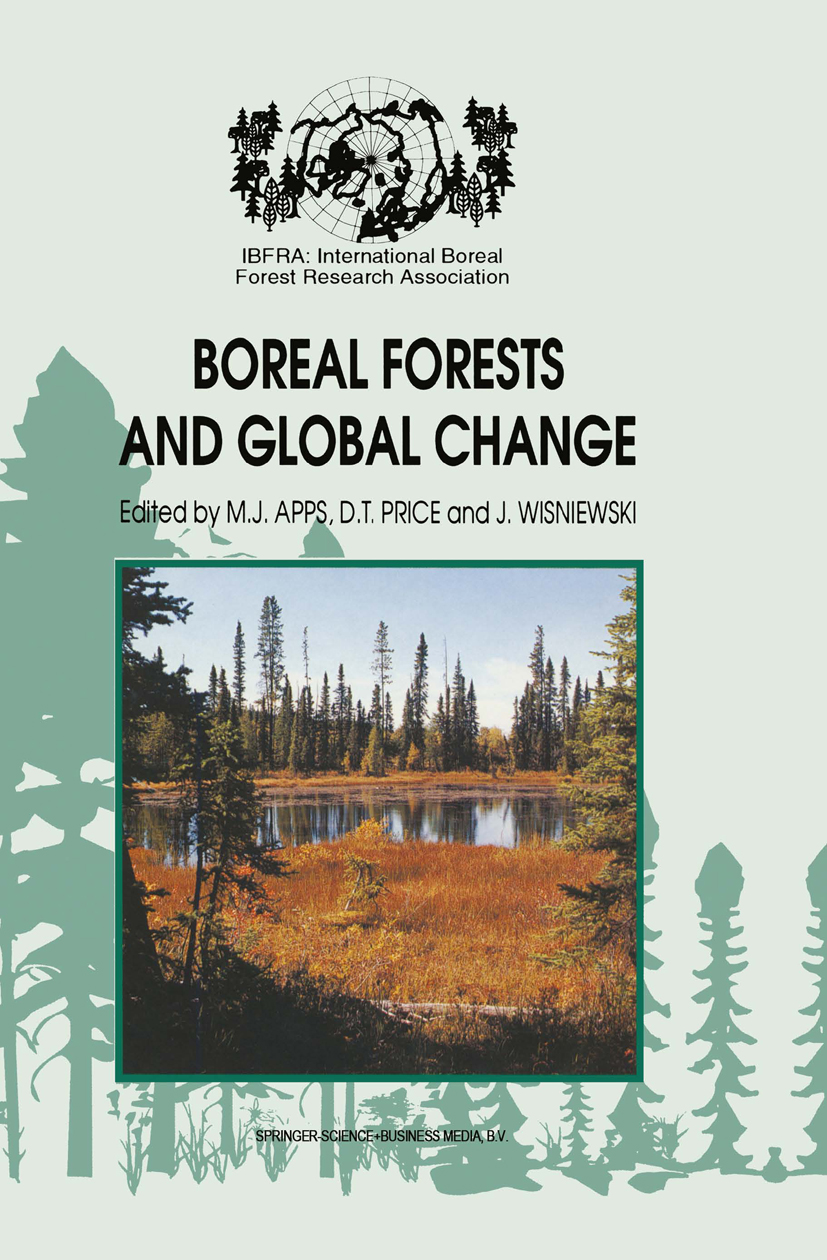
Boreal Forests and Global Change Boreal forests form Earth's largest terrestrial biome. They are rich in ecosystem and landscape diversity, though characterized by relatively few plant species, as compared to other forested regions. The long term viability and sustainability of boreal forests is influenced by many factors. They are subject to interruptions at intervals by large-scale natural disturbances, and increasingly by human activities. Boreal ecosystem development is typically a slow process; hence rapid changes in the global environment may invoke complex responses. Many industrial nations border, or lie within, boreal regions, deriving much of their economic wealth and culture from the forests. The response of boreal forests to changes in the global environment - whether caused by direct human activity or by indirect changes such as the anticipated changes in climate - are therefore of considerable international interest, both for their policy implications and their scientific challenges. This book which contains almost 50 peer-reviewed papers from a world-wide group of experts assembled under the auspices of IBFRA, the International Boreal Forest Research Association, covers topics which will stimulate further research and the development of constructive policies for improved management and conservation of global boreal forest resources. TECHNOLOGY & ENGINEERING,Agriculture,Forestry
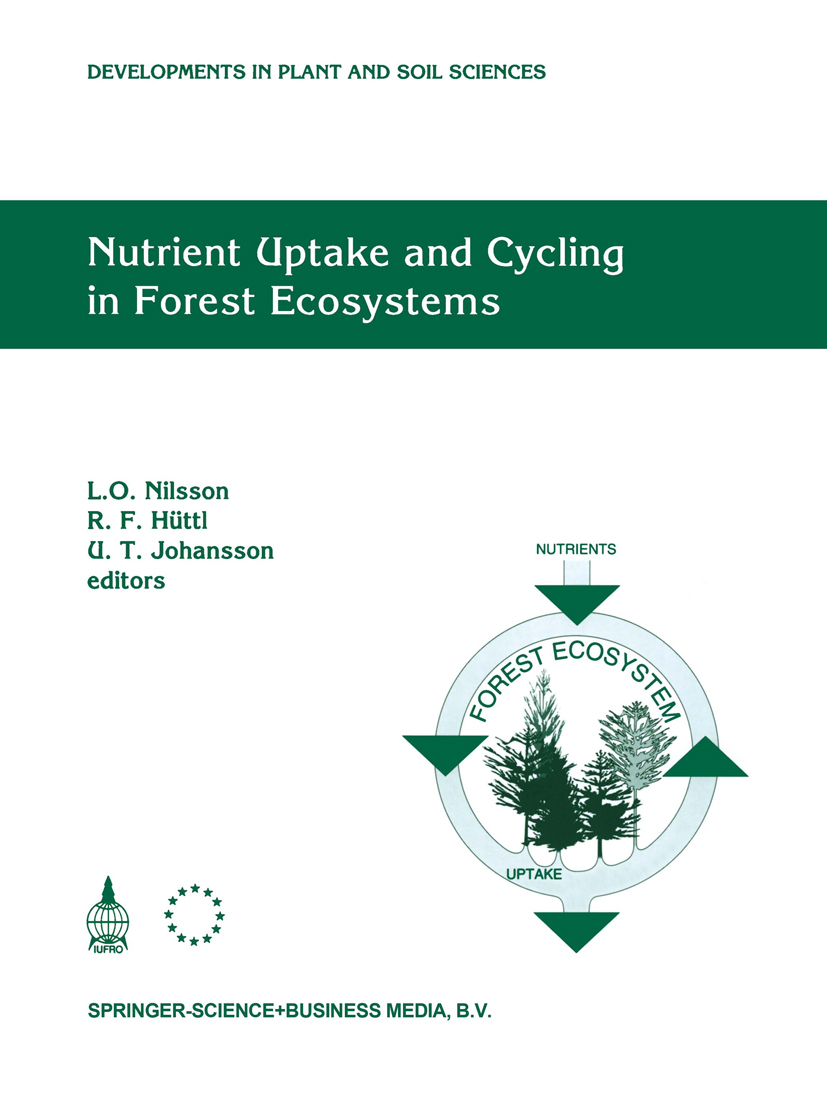
Nutrient Uptake and Cycling in Forest Ecosystems CEC/IUFRO Symposium, Halmstad, Sweden, June 7-10, 1993 TECHNOLOGY & ENGINEERING,Agriculture,Forestry
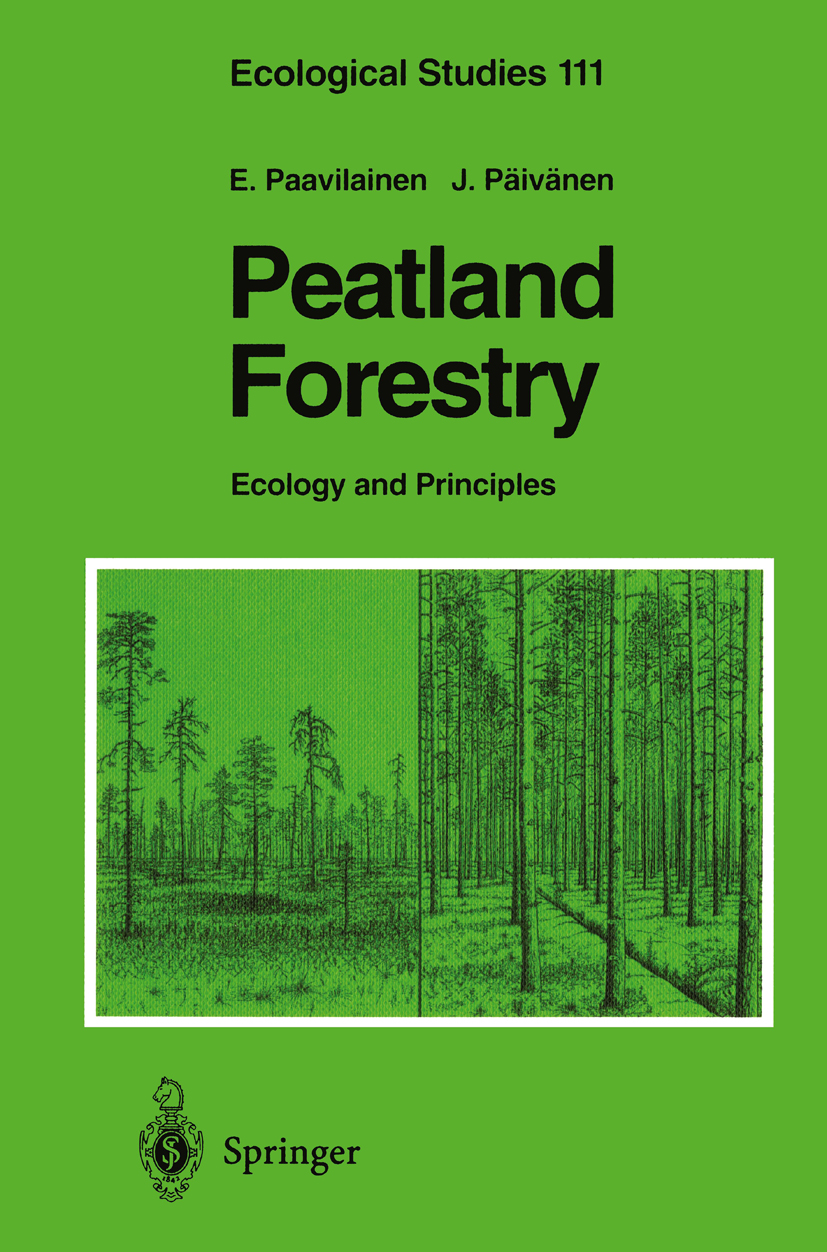
Peatland Forestry Peatlands (or mires) cover at least 550 million ha globally, of which the greater part is situated between 50° and 70° N. Although the majority of peatlands are not used for human needs, there are large areas where agriculture, peat or wood production has been practiced. The suitability of peatlands for forestry differs from country to country depending on climatic conditions, raw wood demand, silvicultural management practice and tradition, as weH as the infrastructure in the remote areas considered. Peatland utilization for forestry may be divided into three efficiency catego ries: (1) exploitation (harvesting oftrees with inadequate attention to regenera tion) leading to reduction in the renewable resouree; (2) silvicultural manage ment (harvesting of trees with natural or artificial regeneration) aimed at main taining the renewable resource in a sustainable way; and (3) progressive rorest management (drainage, fertilization, afforestation, thinning, ditch maintenance, final harvest and regeneration) aimed at increasing the renewable resource. In North America, forestry utilization is changing from exploitation towards a kind of silvicultural management whereas progressive forest amelioration activities on forested peatlands and waterlogged mineral soils are part of the normal forestry practiees in Fennoscandinavia, the Baltic countries and Russia. In the British Isles afforestation of open peatlands is associated with drainage. This monograph is a review and synthesis of peatland forestry on northern peatland (mire) ecosystems. It covers peat soH properties, mire hydrology, car bon and nutrient cycling, and classification of mire sites. TECHNOLOGY & ENGINEERING,Agriculture,Forestry
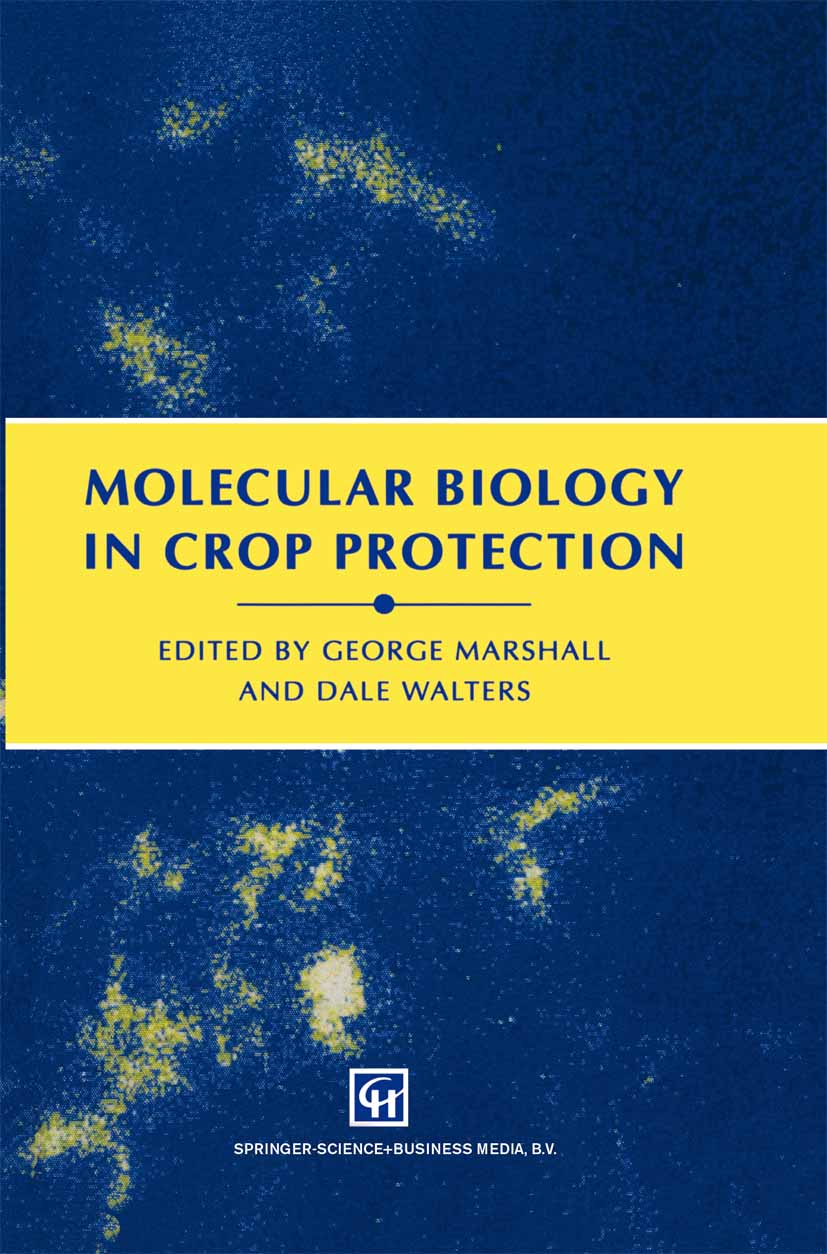
Molecular Biology in Crop Protection Few individuals can be unmoved by the impact of molecular biology. Advances in the discipline over four decades have progressed at a rate unrivalled in other scientific areas. In its formative years, molecular biology examined the chemical and physical structures of biological molecules, subsequently elucidated the nature and function of DNA and evolved into molecular genetics. From this exponential growth of scientific knowledge, tremendous opportunities were created for the application of molecular approaches to solve problems in applied biology. This book describes the new productive association between novel state of-the-art molecular biology and crop protection, a discipline with a sound heritage in traditional applied biology and chemistry. Never before has crop protection faced such diverse challenges. It is charged with improving global food supplies and with the pressure of population increases of one billion in the next decade. But to consider protection of crops simply in terms of weed, pest and disease control would be a gross oversimplification of the mission. Rather, crop protectionists must develop measures which will maintain crop yield and quality without harm to the environment. Chemical, cultural and biological approaches to crop protection must also fulfil evolving legislative demands and address the issues which confer public acceptability. TECHNOLOGY & ENGINEERING,Agriculture,Forestry
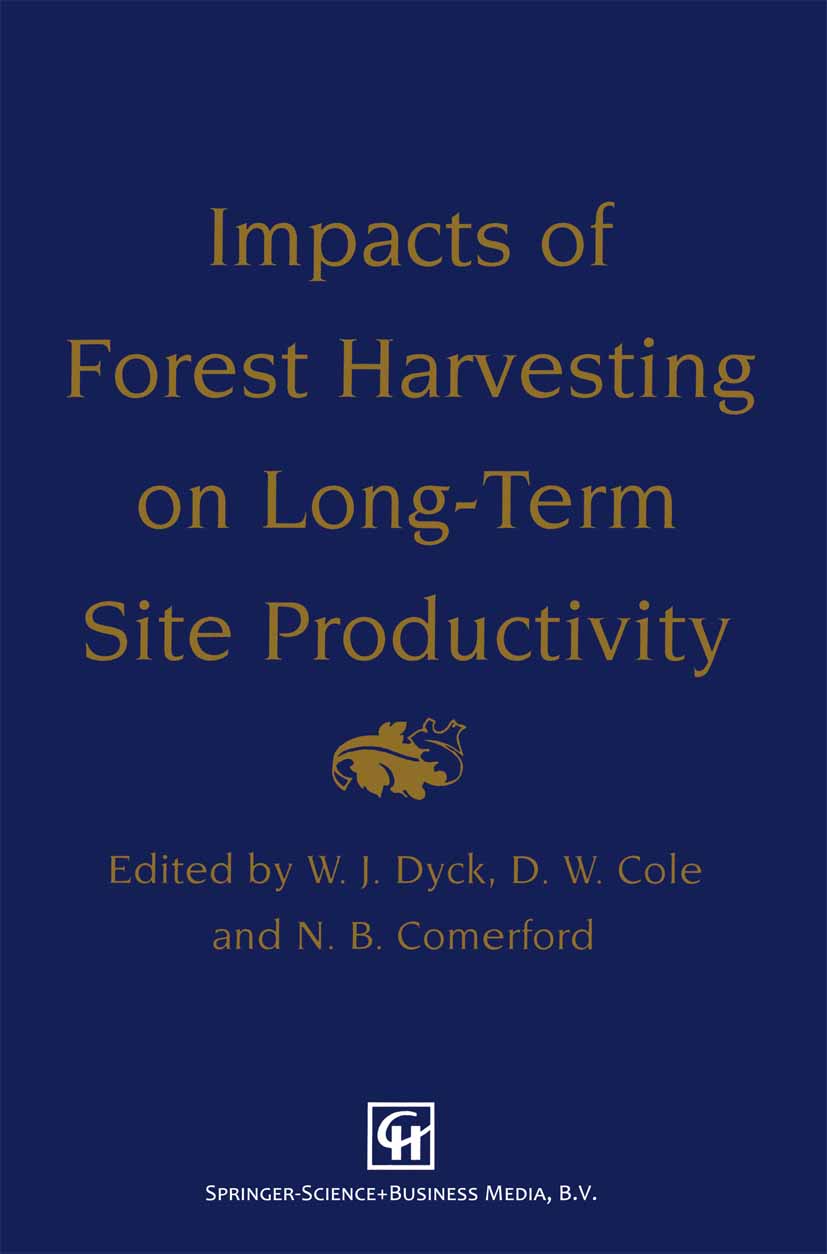
Impacts of Forest Harvesting on Long-Term Site Productivity The International Energy Agency Bioenergy Agreement was initiated as the Forestry Energy Agreement in 1978. It was expanded in 1986 to form the Bioenergy Agreement. Since that time the Agreement has thrived with some fifteen countries (Austria, Belgium, Canada, Denmark, Finland, Italy, Japan, Netherlands, New Zealand, Norway, Sweden, Switzerland, United Kingdom, United States and the CEC) currently being signatories. The objective of the Agreement is to establish increased programme and project cooperation between the participants in the field of bioenergy. The environmental consequences of intensive forest harvesting have been the subject of intense interest for the Agreement from its initiation. This interest was formulated as a Cooperative Project under the Forestry Energy Agreement in 1984. It developed further under each of the subsequent three-year Tasks of the Bioenergy Agreement (Task III, Activity 3 "Nutritional consequences of intensive forest harvesting on site productivity", Task VI, Activity 6 "Environmental impacts of harvesting" and more recently Task IX, Activity 4 "Environmental impacts of intensive harvesting". The work has been supported by five main countries from within the Bioenergy Agreement: Canada, New Zealand, Sweden, UK, and USA. The continued work has resulted in a significant network of scientists work ing together towards a common objective - that of generating a better under standing of the processes involved in nutrient cycling and the development of management regimes which will maintain or enhance long term site productivity. TECHNOLOGY & ENGINEERING,Agriculture,Forestry
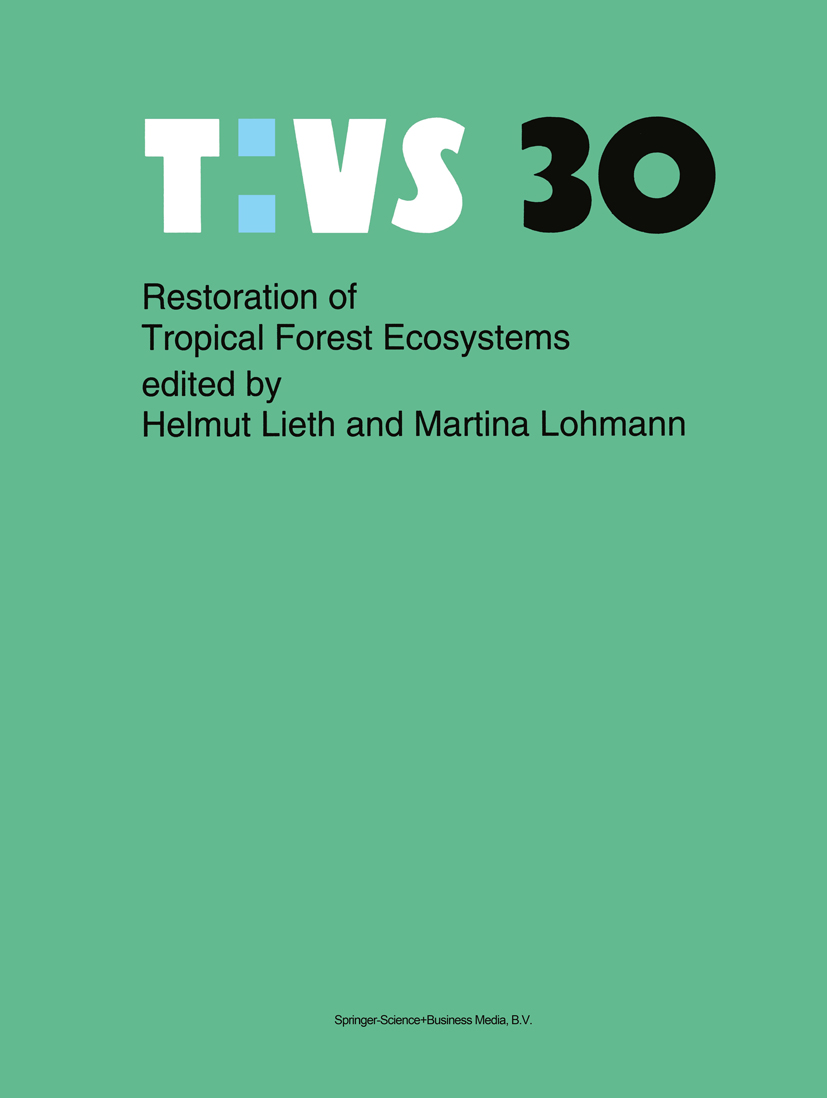
Restoration of Tropical Forest Ecosystems The destruction of the tropical forests proceeds Nobody at the symposium believed that the rapidly. We all know that this has global ecologi tropical forest area would remain untouched. cal and economical consequences. The problem The population explosion takes care of that argu is of such magnitude that it can only be com ment. The two main problem areas before us are pared to warfare. The destruction of tropical first the wise utilization of that portion of the forests is not only detrimental to the global forest which will be used - especially the intro ecology but also poses a serious threat to the duction of planned forestry in such areas, and people living in this area. Furthermore the over second, the development of a good plan for utilization of such a valuable resource poses a nature conservation in the tropics. serious threat to the next generations. The papers presented at the symposium will Apart from the problem generated for the most certainly not solve all the problems but we people in those regions and on earth in general hope they contribute to the very much needed, there is a moral obligation to preserve the vast continued discussion of possible solutions which biological diversity in the tropical forests. We must be implemented in the near future. TECHNOLOGY & ENGINEERING,Agriculture,Forestry

Xanthomonas 5 Table 1.1 Continued Species Hosts Families ~-------- ----- X. campestris pv. cassavae Manihot spp. Euphorbiaceae (Wiehe and Dowson 1953) Maraite and Weyns 1979 Cassia tora, C. occidentalis, Cicer Fabaceae X. campestris pv. cassiae arietinum, Pisum sativum (Kulkarni, Patel and Dhande 1951) Dye 1978 Musaceae X. campestris pv. celebensis Musa spp. (Gaumann 1923) Dye 1978 Apiaceae X. campestris pv. centellae Centella asiatica Basnyat and Kulkarni 1979 X. campestris pv. cerealis Agropyron spp., Avena spp., Poaceae Bromus spp., Hordeum spp., (Hagborg 1942) Dye 1978 Secale cereale, Triticum spp. Aegle marmelos, Atalantia spp., Rutaceae X. campestris pv. citri Balsamocitrus paniculata, (Hasse 1915) Dye 1978 Casimiroa edulis, Chaetospermum glutinosa, Citropsis schweinfurthii, Citrus spp. and hybrids, Clausena lansium, Eremocitrus glauca, Evodia spp., Ferollia sPP" Feroniella spp., Fortunella spp., Hesperethusa crellulata, Limonia spp., Melicope triphylla, Microcitrus spp., Murraya exotica, Paramigyna longipedunculata, Poncirus trifoliata and hybrids, Severina buxifolia, Toddalia asiatica, Zanthoxylum spp. TECHNOLOGY & ENGINEERING,Agriculture,Forestry

Primary Wood Processing This book is primarily a general text covering the whole sweep of the forest industries. The over-riding emphasis is on a clear, simple interpretation of the underlying science, demonstrating how such principles apply to processing operations. The book considers the broad question "what is wood?" by looking at the biology, chemistry and physics of wood structure. Wood quality is examined, and explanations are offered on how and why wood quality varies and the implications for processing. Finally, various "industrial processes" are reviewed and interpreted. All chapters have been written by specialists, but the presentation targets a generalist audience. TECHNOLOGY & ENGINEERING,Agriculture,Forestry

Nematode Interactions Nematode interactions are important biological phenomena and of great significance in agriculture. It is a fascinating subject which is multidisciplinary by nature, and concerns any scientist involved with plant health. There have been marked advances in our knowledge of various aspects of the subject in the last two decades. This study area has been the subject of several reviews, but there was no exclusive text on the subject. This has stressed the need to document the information, developing a unifying theme which treated nematode interactions in a holistic manner. This book is about the inter action of plant-parasitic nematodes with other plant pathogens or root symbionts, the nature of their associations, their impact on the host and con sequential interactive effects on the involved organisms. Since nematodes are at the centre of the theme, the responsibility of understanding of other plant pathogens dealt with in this book is largely delegated to the reader. I have limited the book content to interactions with biotic pathogens and root symbionts only, for various reasons. The book embodies 16 chapters, and attempts to present balanced infor mation on various aspects of nematode interactions with other plant pathogens and root symbionts. Some chapters describe general aspects of the subject. Interactions of nematodes with specific groups of organisms are addressed in the remaining chapters. TECHNOLOGY & ENGINEERING,Agriculture,Forestry
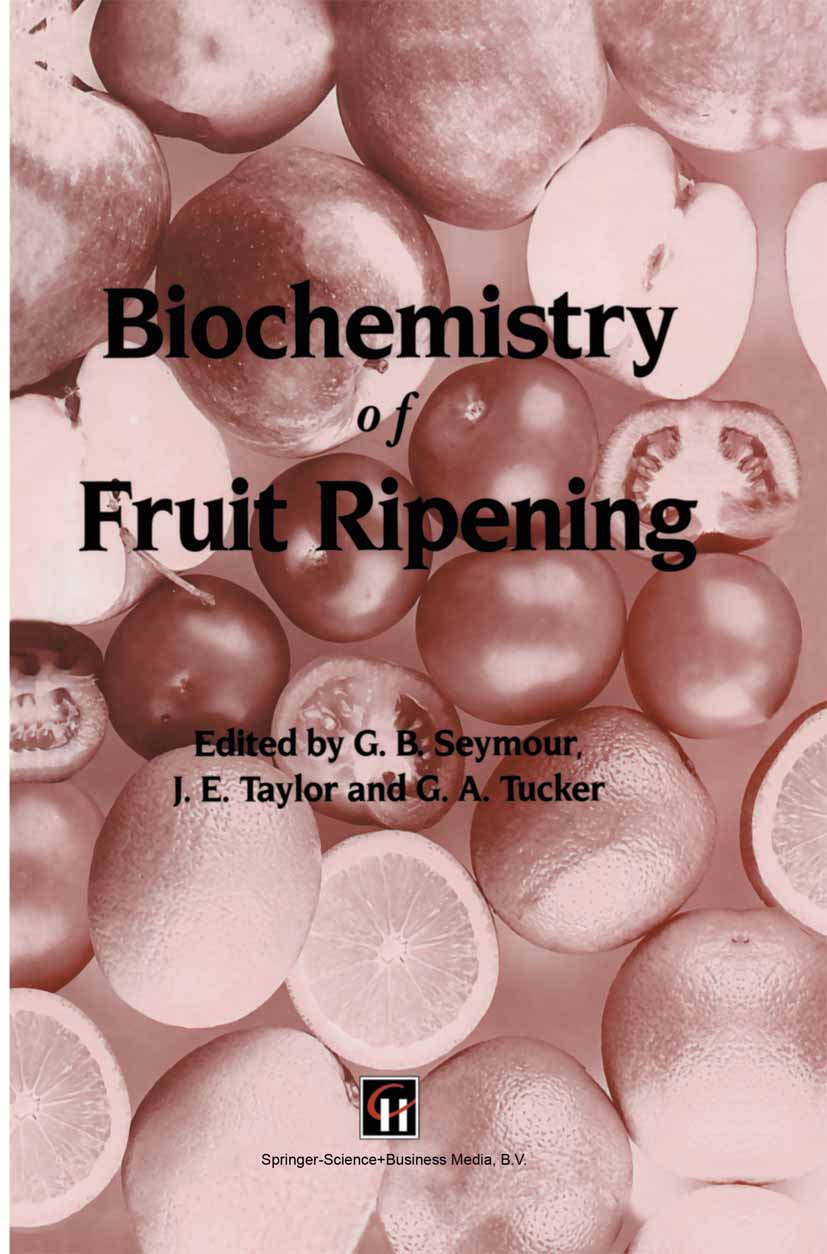
Biochemistry of Fruit Ripening It is over 20 years since the publication of A.c. Hulme's two volume text on The Biochemistry of Fruits and thei.r Products. Whilst the bulk of the information contained in that text is still relevant it is true to say that our understanding of the biochemical and genetic mech TECHNOLOGY & ENGINEERING,Agriculture,Forestry
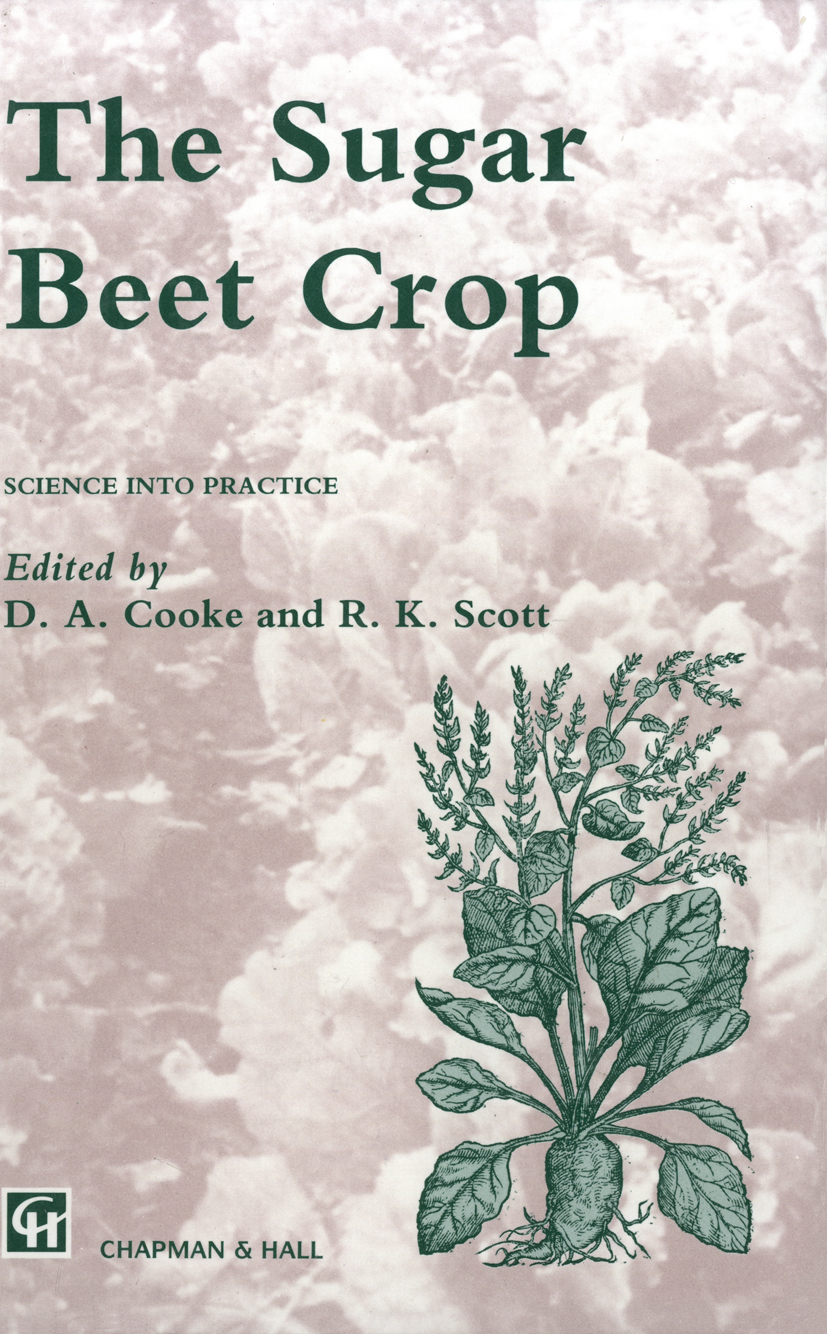
The Sugar Beet Crop D.A. Cooke and R.K. Scott Sugar beet is one of just two crops (the other being sugar cane) which constitute the only important sources of sucrose - a product with sweeten ing and preserving properties that make it a major component of, or additive to, a vast range of foods, beverages and pharmaceuticals. Sugar, as sucrose is almost invariably called, has been a valued compo nent of the human diet for thousands of years. For the great majority of that time the only source of pure sucrose was the sugar-cane plant, varieties of which are all species or hybrids within the genus Saccharum. The sugar-cane crop was, and is, restricted to tropical and subtropical regions, and until the eighteenth century the sugar produced from it was available in Europe only to the privileged few. However, the expansion of cane production, particularly in the Caribbean area, in the late seventeenth and the eighteenth centuries, and the new sugar-beet crop in Europe in the nineteenth century, meant that sugar became available to an increasing proportion of the world's population. TECHNOLOGY & ENGINEERING,Agriculture,Forestry
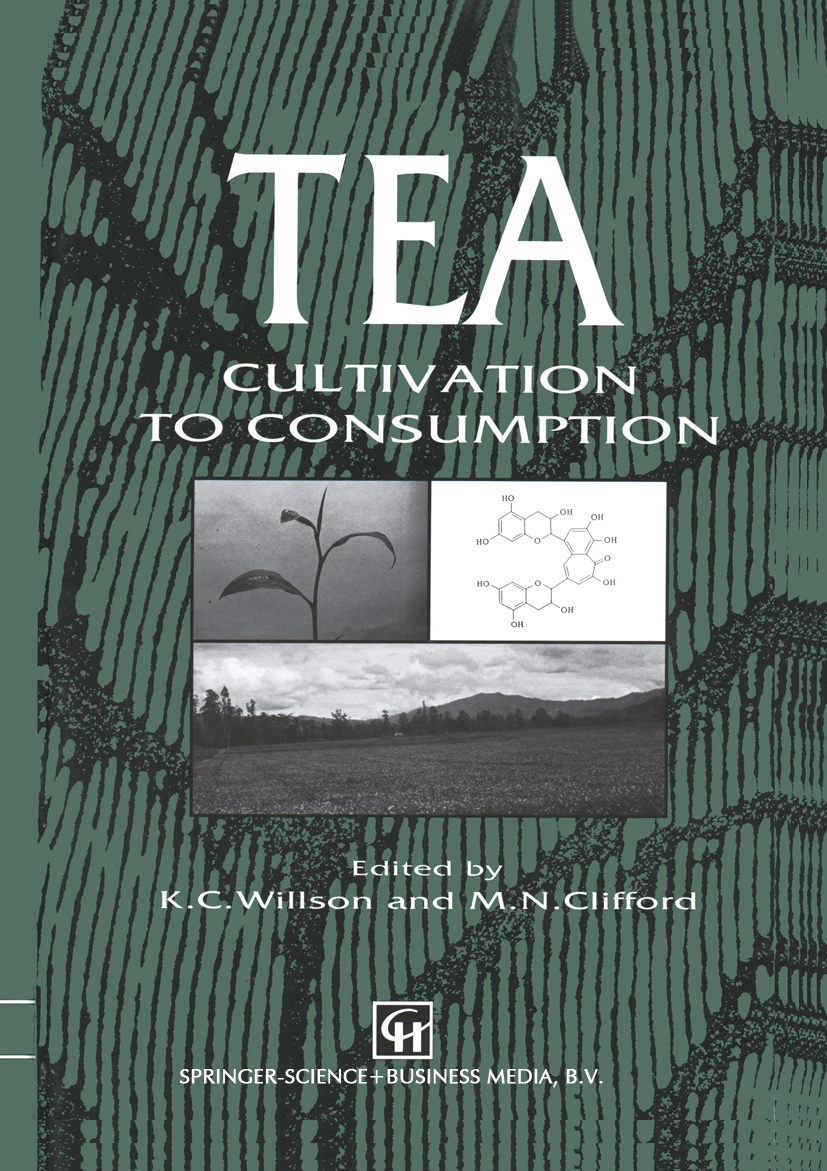
Tea Tea is a unique crop and, incidentally, a very interesting and attractive one. The tea bush, its cultivation and harvesting do not fit into any typical cropping pattern. Moreover, its processing and marketing are specific to tea. Thus the Tea Industry stands apart and constitutes a self contained entity. This is reflected in the title given to this book, Tea: Cultivation to consumption, and its treatment of the subject. The book is logically planned - starting with the plant itself and finishing with the traditional'cuppa'. Every aspect of tea production is covered, inevitably some in greater detail than others. However, it gives an authentic and comprehensive picture of the tea industry. The text deals in detail with cultural practices and research, where desirable, on a regional basis. The technology of tea cultivation and processing has been developed within the industry, aided by applied research which was largely financed by the tea companies themselves. This contributed to a technically competent industry but tended to bypass the more academic and fundamental investigations which might bring future rewards. The sponsorship of research has now widened and the range and depth of tea research has increased accordingly. The editors and authors of this book have played their part in these recent developments which are well reported in the book. TECHNOLOGY & ENGINEERING,Agriculture,Forestry

Pest Management in Soybean This book is the third in a series of volumes on major tropical and sub-tropical crops. These books aim to review the current state of the art in management of the total spectrum of pests and diseases which affect these crops in each major growing area using a multi-disciplinary approach. Soybean is economically the most important legume in the world. It is nutritious and easily digested, and is one of the richest and cheapest sources of protein. It is currently vital for the sustenance of many people and it will play an integral role in any future attempts to relieve world hunger. Soybean seed contains about 17% of oil and about 63% of meal, half of which is protein. Modern research has developed a variety of uses for soybean oil. It is processed into margarine, shortening, mayonnaise, salad creams and vegetarian cheeses. Industrially it is used in resins, plastics, paints, adhesives, fertilisers, sizing for cloth, linoleum backing, fire extinguishing materials, printing inks and a variety of other products. Soybean meal is a high-protein meat substitute and is used in the developed countries in many processed foods, including baby foods, but mainly as a feed for livestock. Soybean (Glycine max), which evolved from Glycine ussuriensis, a wild legume native to northern China, has been known and used in China since the eleventh century Be. It was introduced into Europe in the eighteenth century and into the United States in 1804 as an ornamental garden plant in Philadelphia. TECHNOLOGY & ENGINEERING,Agriculture,Forestry

Terrestrial Slugs In recent years slugs have become increasingly important, partly because several species are agricultural and horticultural pests and partly because theyhave proved to be useful experimental animals, particularly in the field of neurophysiology. Most of the early works which included slugs were essentially taxonomic but the book byTaylor (1902-1907) contained a great deal of biological information about slugs, some of which is still relevant today. The publication of the book by Runham and Hunter (1970) represented a milestone in slug research, providing a comprehensive survey of current knowledge about slugs. The book by Godan (1983) on snailsand slugswas mainly concerned with theeconomic importanceof theseanimals. The purpose of the present book is to present a review of current knowledgeofthebiologyandecologyofslugs, togetherwith theirstatusand control as pests. Although relatively little is known about the biology and ecology of tropical slugs and most information is taken from work on European slugs, the European pest species have become widely distributed throughout temperate regions and this book should be of interest world wide. It is written as a source of information for people seeking to control slug pests and, also, for those wishing to use slugs for research or teaching purposes. The book is intended particularly to provide a starting point for those beginning research on slugs and an extensive bibliography has been provided. TECHNOLOGY & ENGINEERING,Agriculture,Forestry
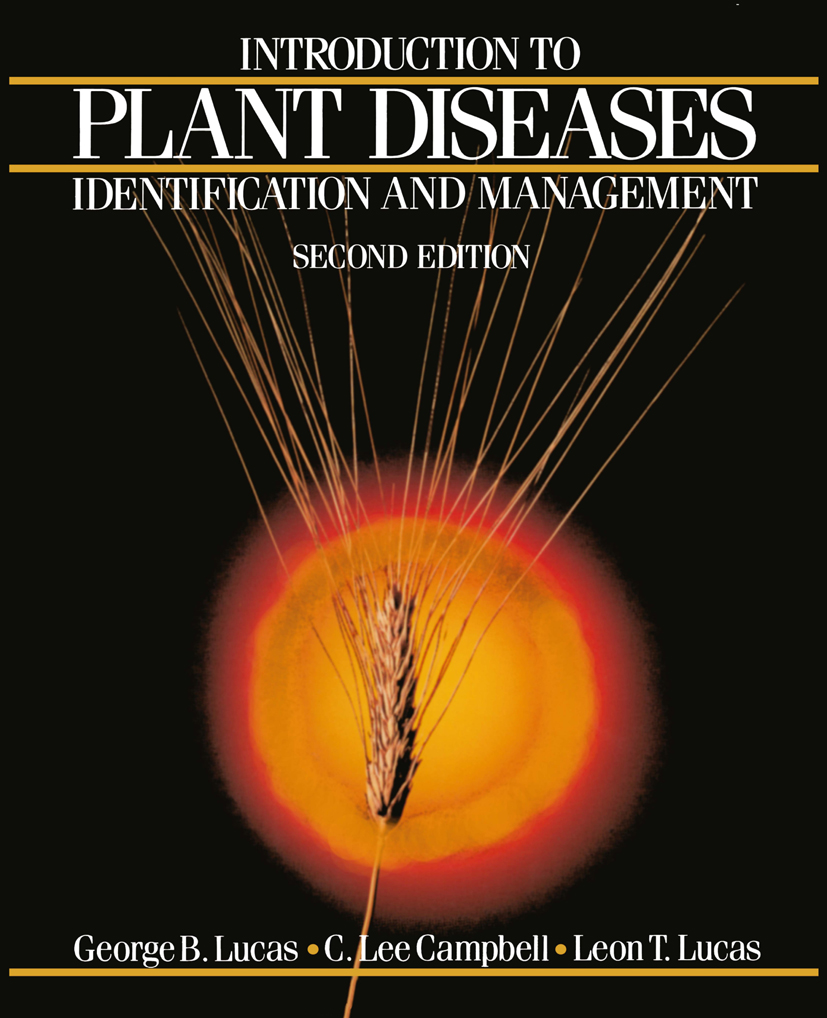
Introduction to Plant Diseases Every year we see a remarkable increase in scientific knowledge. We are learning more each day about the world around us, about the numerous biological organisms of the biosphere, about the physical and chemical processes that shaped and continue to change our planet. The cataloging, retrieval, dissemination, and use of this new information along with the continued development of new computer technology provide some of the most challenging problems in science as we enter the Information Age. With the explosion of knowledge in science, it is especially important that students in introductory courses learn not only the basic material of a subject, but also about the newest developments in that subject. With this goal in mind, we have prepared a second edition of Introduction to Plant Diseases: Identification and Management. We prepared this edition with the same general purpose that we had for the first edition - to provide practical, up-to-date information that helps in the successful management of diseases on food, fiber, and landscape plants for students who do not have a strong background in the biological sciences. We included new information on (1) the precise identification of diseases and the pathogens that cause them, (2) the development of epidemics of plant diseases, (3) the application of biotechnology in plant pathology, (4) the use of alternative methods of crop production and disease management that help protect the environment, and (5) diseases that have become more important since the first edition was published. TECHNOLOGY & ENGINEERING,Agriculture,Forestry
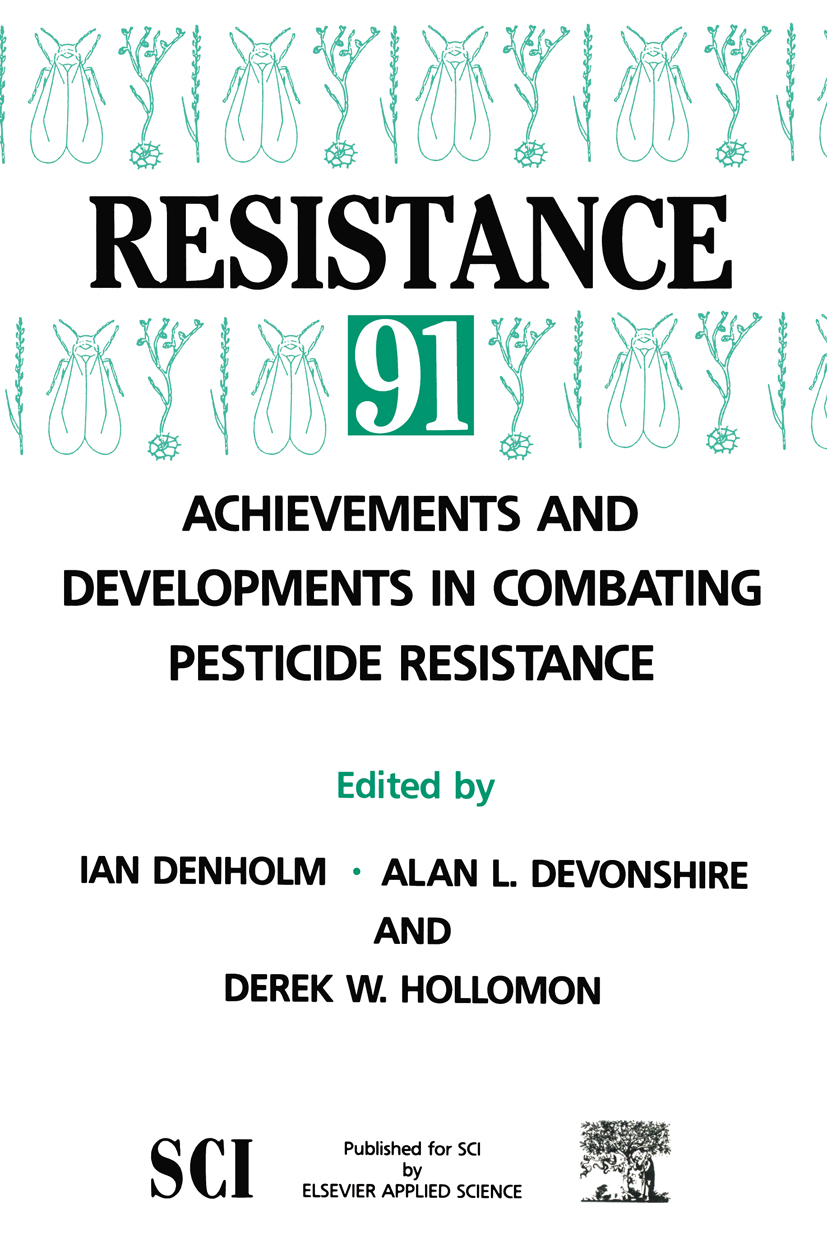
Resistance’ 91 The development of pesticide resistance in arthropod pests, plant pathogens and weeds can be viewed and studied from two contrasting perspectives. At a fundamental level, resistance provides an almost ideal example of adaptation to withstand severe environmental stress. Population geneticists, biochemists and, most recently, molecular biologists have cast considerable light on the nature of this adaptation in diverse taxonomic groups, and on factors determining its selection and spread within and between populations. Unlike most evolutionary phenomena, however, resistance is also of immediate practical and economic significance. Not only has the number of resistant species continued to increase inexorably, but there has been an alarming increase in the severity and extent of some resistance problems. Cases of organisms resisting virtually all available pesticides are by no means uncommon, and pose a formidable challenge in view of present difficulties in discovering and developing novel chemicals. Although most occurrences of resistance were initially monofactorial, resistance now frequently involves a suite of coexisting mechanisms that protect organisms against the same or different pesticide groups, and may even predispose them to resist new, as yet unused chemicals. TECHNOLOGY & ENGINEERING,Agriculture,Forestry
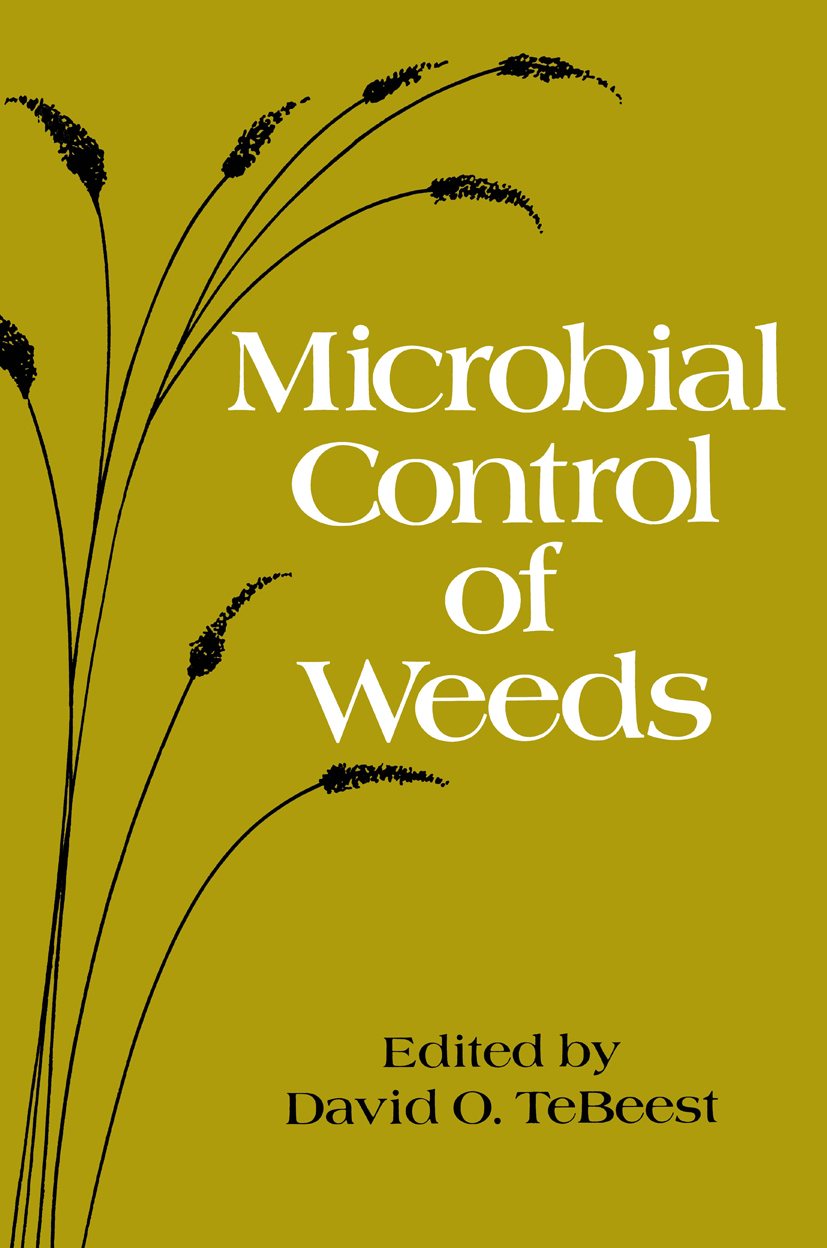
Microbial Control of Weeds It is appropriate at this time to reflect on two decades of research in biological control of weeds with fungal plant pathogens. Some remarkable events have occurred in the last 20 years that represent a flurry of activity far beyond what could reasonably have been predicted. In 1969 a special topics review article by C. L. Wilson was published in Annual Reviews of Phytopathology that examined the literature and the potential for biological control of weeds with plant pathogens. In that same year, experiments were conducted in Arkansas that determined whether a fungal plant pathogen could reduce the infestation of a single weed species in rice fields. In Florida a project was under way to determine the potential use of a soil-borne plant pathogen as a means for controlling a single weed species in citrus groves. Work in Australia was published that described experiments that sought to determine whether a pathogen could safely and deliberately be imported and released into a country to control a weed of agricultural importance. All three projects were successful in the sense that Puccinia chondrillina was released into Australia to control rush skeleton weed and was released later into the United States as well, and that Colletotrichum gloeosporioides f.sp. aeschynomene and Phytophthora palmivora were later both marketed for the specific purpose of controlling specific weed species. TECHNOLOGY & ENGINEERING,Agriculture,Forestry

Management of Nutrition in Forests under Stress Proceedings of the International Symposium, held in Freiburg, Germany, September 18-21, 1989 TECHNOLOGY & ENGINEERING,Agriculture,Forestry

Pest Management in Rice Papers presented at the Conference on Pest Management in Rice, held at the Society of Chemical Industry, London, UK, 4-7 June 1990 TECHNOLOGY & ENGINEERING,Agriculture,Forestry
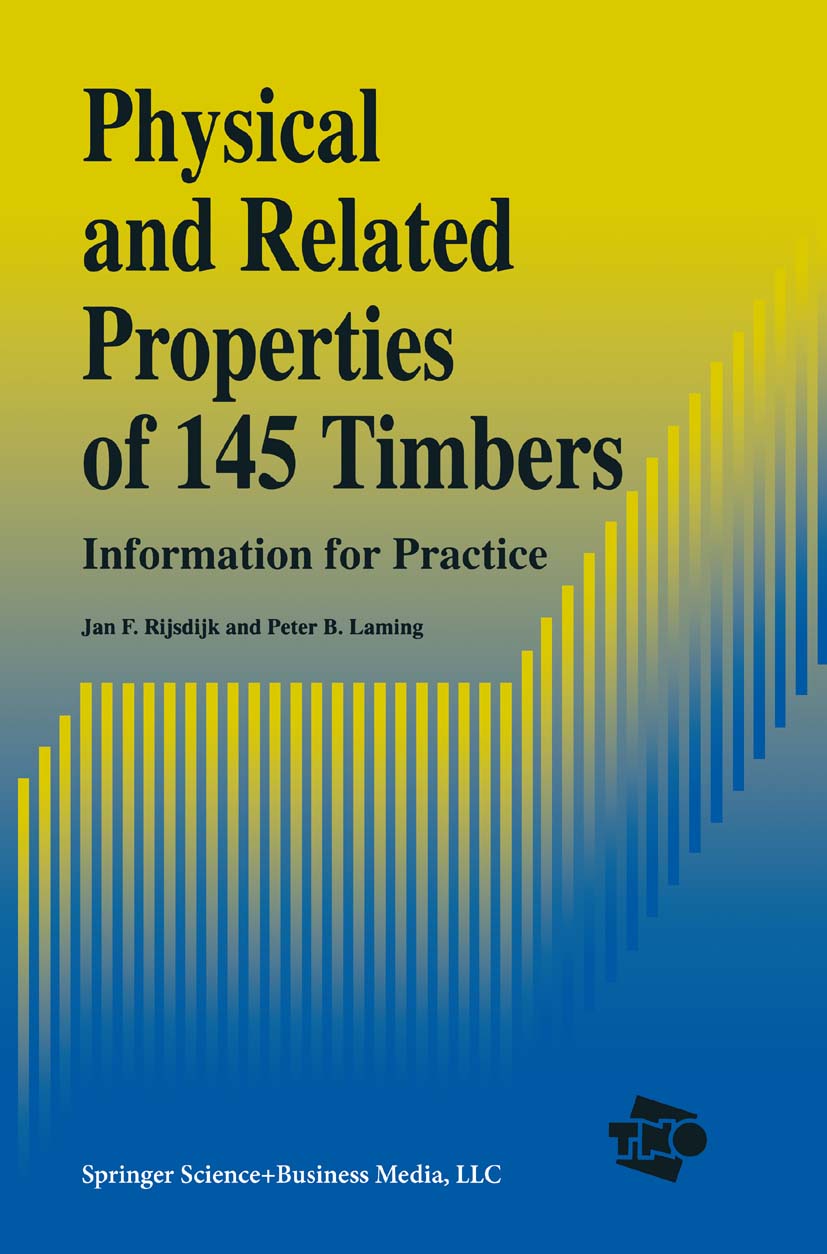
Physical and Related Properties of 145 Timbers In the course of almost 40 years various researchers, at what used to be TNO's Forest Products Research Institute, currently the TNO Centre for Timber Research, conducted studies into the physical properties of wood. The first studies and calculations were carried out by Mr E. Prochaska, after which Mrs G.M.C. Koning-Vrolijk continued the work. Indeed Mrs Koning-Vrolijk wrote the Institute's first publication (1962), an Eng lish version of which was published in 1963 (3) on the occasion of FAO and IUFRO Conferences held in the United States. Thereafter, the Institute's work was carried on by Mr A. Govers, Mr J.F. Rijsdijk and Mr P.B. Laming. Their research resulted in a second publication (Laming 1978) in which not only the mechanical properties but also the physical properties of 48 wood species were described. During the bulk of this period technical support was provided by Mr J.C. Verwijs and more recently by Mr L. van Brussel. After extensive studies, the Belgian Timber Information Institute also adopted the same research methods as TNO in order to obtain physical data on a number of wood species which were of commercial interest to the Belgian market but which had not been covered in TNO's studies. The Belgian Timber Information Institute's suggestion to include their research results, on a total of 17 wood species in this publication, .was therefore gratefully accepted. TECHNOLOGY & ENGINEERING,Agriculture,Forestry
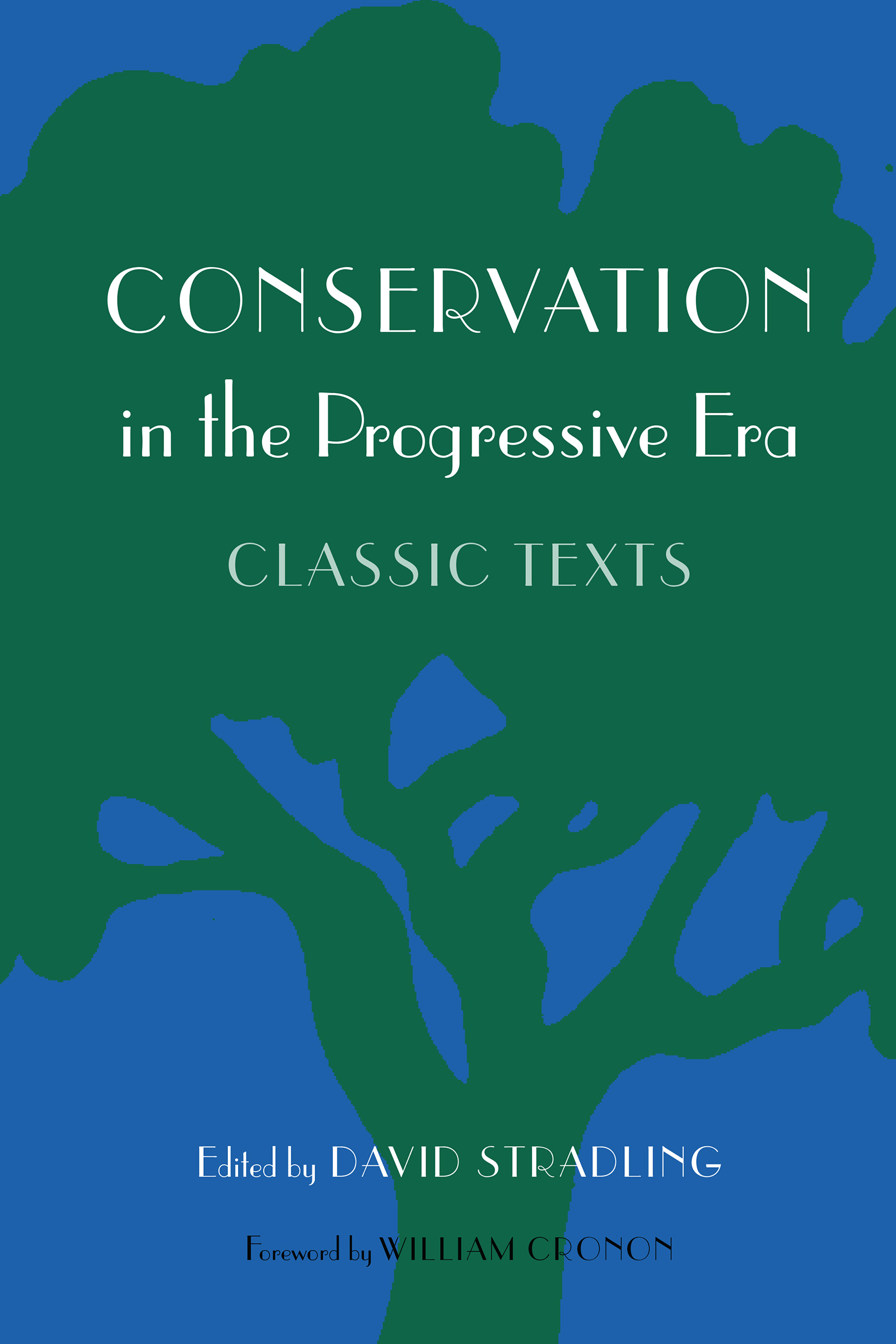
Conservation in the Progressive Era Conservation was the first nationwide political movement in American history to grapple with environmental problems like waste, pollution, resource exhaustion, and sustainability. At its height, the conservation movement was a critical aspect of the broader reforms undertaken in the Progressive Era (1890-1910), as the rapidly industrializing nation struggled to protect human health, natural beauty, and "national efficiency." This highly effective Progressive Era movement was distinct from earlier conservation efforts and later environmentalist reforms. Conservation in the Progressive Era places conservation in historical context, using the words of participants in and opponents to the movement. Together, the documents collected here reveal the various and sometimes conflicting uses of the term "conservation" and the contested nature of the reforms it described. This collection includes classic texts by such well-known figures as Theodore Roosevelt, Gifford Pinchot, and John Muir, as well as texts from lesser-known but equally important voices that are often overlooked in environmental studies: those of rural communities, women, and the working class. These lively selections provoke unexpected questions and ideas about many of the significant environmental issues facing us today. TECHNOLOGY & ENGINEERING,Agriculture,Forestry
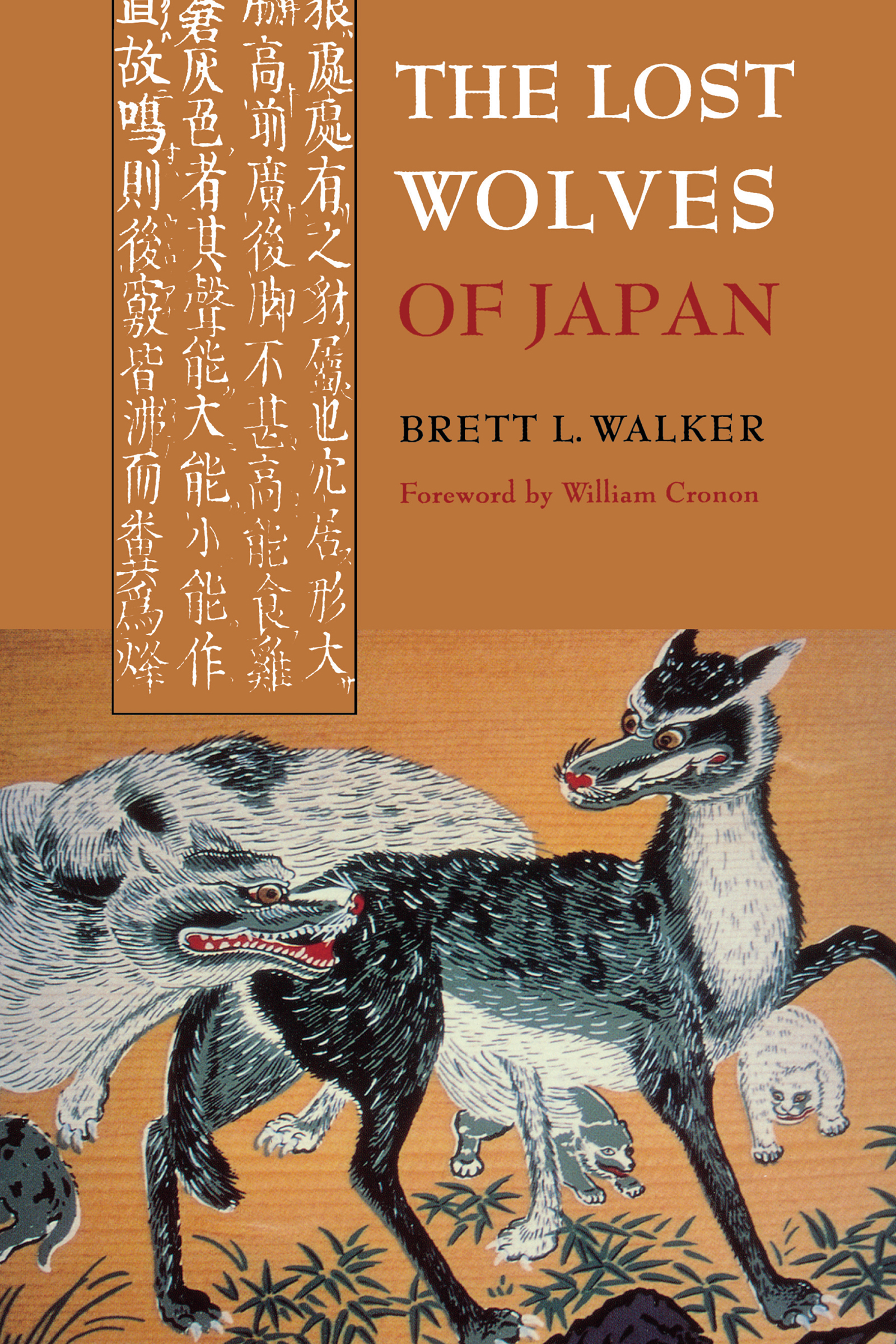
The Lost Wolves of Japan Many Japanese once revered the wolf as Oguchi no Magami, or Large-Mouthed Pure God, but as Japan began its modern transformation wolves lost their otherworldly status and became noxious animals that needed to be killed. By 1905 they had disappeared from the country. In this spirited and absorbing narrative, Brett Walker takes a deep look at the scientific, cultural, and environmental dimensions of wolf extinction in Japan and tracks changing attitudes toward nature through Japan's long history. Grain farmers once worshiped wolves at shrines and left food offerings near their dens, beseeching the elusive canine to protect their crops from the sharp hooves and voracious appetites of wild boars and deer. Talismans and charms adorned with images of wolves protected against fire, disease, and other calamities and brought fertility to agrarian communities and to couples hoping to have children. The Ainu people believed that they were born from the union of a wolflike creature and a goddess. In the eighteenth century, wolves were seen as rabid man-killers in many parts of Japan. Highly ritualized wolf hunts were instigated to cleanse the landscape of what many considered as demons. By the nineteenth century, however, the destruction of wolves had become decidedly unceremonious, as seen on the island of Hokkaido. Through poisoning, hired hunters, and a bounty system, one of the archipelago's largest carnivores was systematically erased. The story of wolf extinction exposes the underside of Japan's modernization. Certain wolf scientists still camp out in Japan to listen for any trace of the elusive canines. The quiet they experience reminds us of the profound silence that awaits all humanity when, as the Japanese priest Kenko taught almost seven centuries ago, we "look on fellow sentient creatures without feeling compassion." TECHNOLOGY & ENGINEERING,Agriculture,Forestry

Faith in Nature The human impulse to religion--the drive to explain the world, humans, and humans’ place in the universe – can be seen to encompass environmentalism as an offshoot of the secular, material faith in human reason and power that dominates modern society. Faith in Nature traces the history of environmentalism--and its moral thrust--from its roots in the Enlightenment and Romanticism through the Progressive Era to the present. Drawing astonishing parallels between religion and environmentalism, the book examines the passion of the movement’s adherents and enemies alike, its concern with the moral conduct of daily life, and its attempt to answer fundamental questions about the underlying order of the world and of humanity’s place within it. Thomas Dunlap is among the leading environmental historians and historians of science in the United States. Originally trained as a chemist, he has a rigorous understanding of science and appreciates its vital importance to environmental thought. But he is also a devout Catholic who believes that the insights of religious revelation need not necessarily be at odds with the insights of scientific investigation. This book grew from his own religious journey and his attempts to understand human ethical obligations and spiritual debts to the natural world. CHOICE Outstanding Academic Title 2005 TECHNOLOGY & ENGINEERING,Agriculture,Forestry
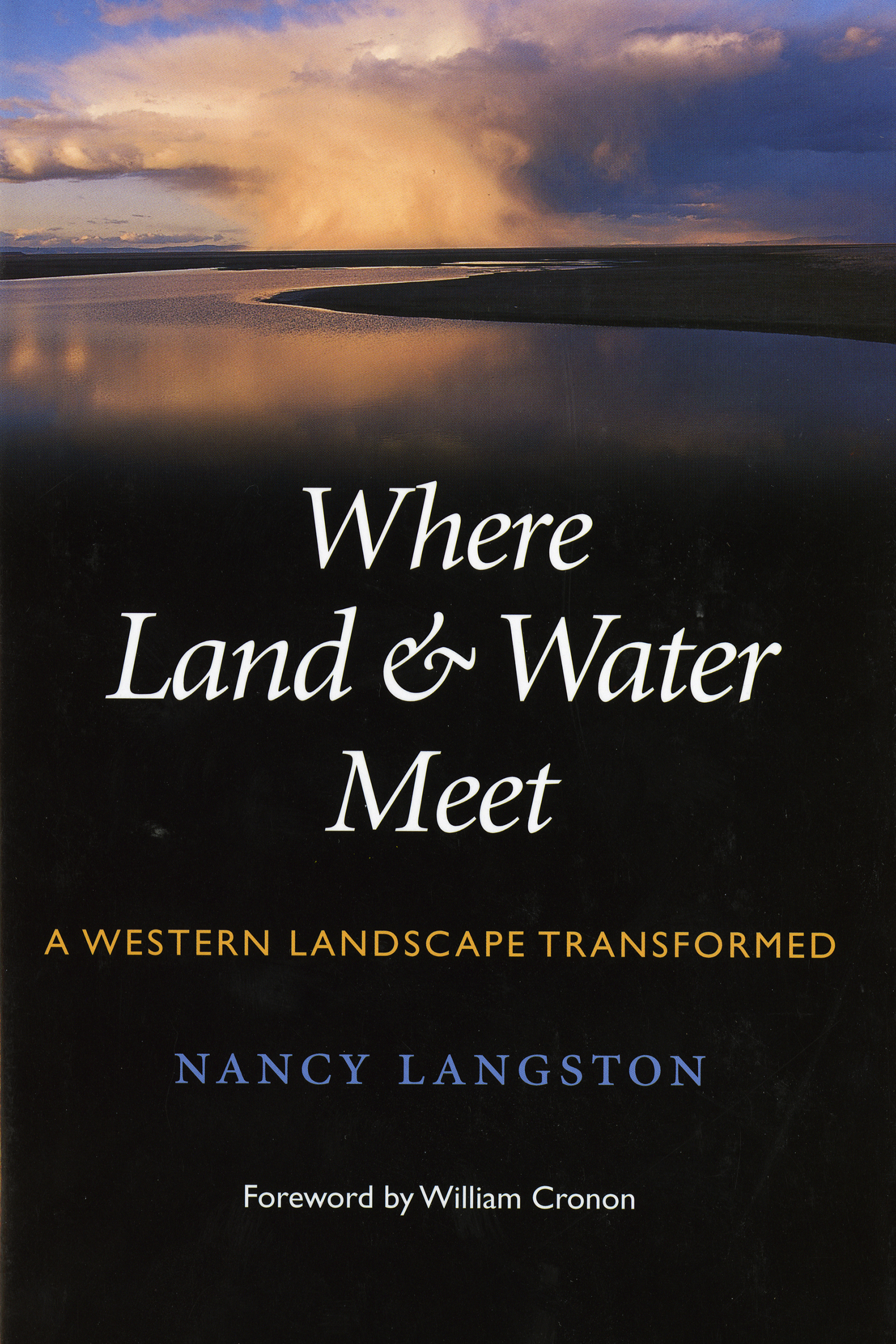
Where Land and Water Meet Water and land interrelate in surprising and ambiguous ways, and riparian zones, where land and water meet, have effects far outside their boundaries. Using the Malheur Basin in southeastern Oregon as a case study, this intriguing and nuanced book explores the ways people have envisioned boundaries between water and land, the ways they have altered these places, and the often unintended results. The Malheur Basin, once home to the largest cattle empires in the world, experienced unintended widespread environmental degradation in the late nineteenth and early twentieth centuries. After establishment in 1908 of Malheur National Wildlife Refuge as a protected breeding ground for migratory birds, and its expansion in the 1930s and 1940s, the area experienced equally extreme intended modifications aimed at restoring riparian habitat. Refuge managers ditched wetlands, channelized rivers, applied Agent Orange and rotenone to waterways, killed beaver, and cut down willows. Where Land and Water Meet examines the reasoning behind and effects of these interventions, gleaning lessons from their successes and failures. Although remote and specific, the Malheur Basin has myriad ecological and political connections to much larger places. This detailed look at one tangled history of riparian restoration shows how�through appreciation of the complexity of environmental and social influences on land use, and through effective handling of conflict�people can learn to practice a style of pragmatic adaptive resource management that avoids rigid adherence to single agendas and fosters improved relationships with the land. TECHNOLOGY & ENGINEERING,Agriculture,Forestry
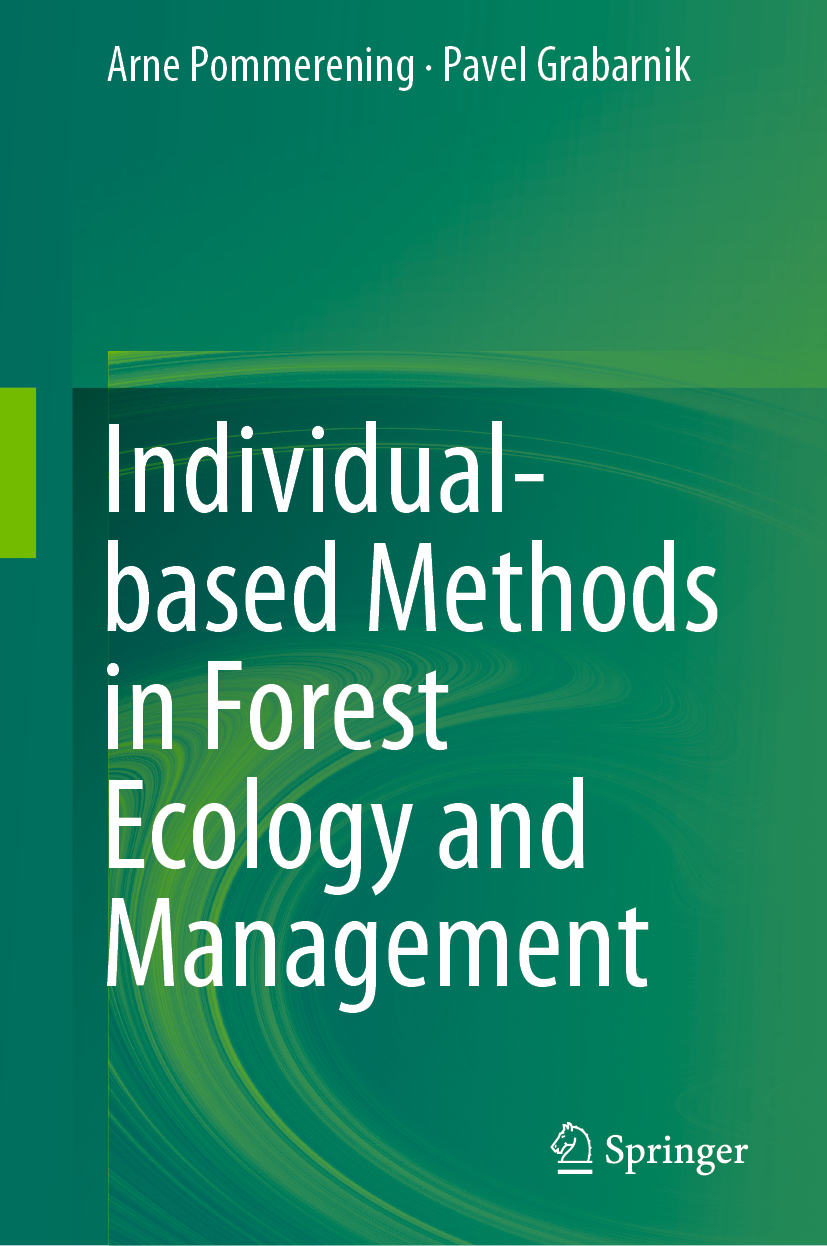
Individual-based Methods in Forest Ecology and Management Model-driven individual-based forest ecology and individual-based methods in forest management are of increasing importance in many parts of the world. For the first time this book integrates three main fields of forest ecology and management, i.e. tree/plant interactions, biometry of plant growth and human behaviour in forests. Individual-based forest ecology and management is an interdisciplinary research field with a focus on how the individual behaviour of plants contributes to the formation of spatial patterns that evolve through time. Key to this research is a strict bottom-up approach where the shaping and characteristics of plant communities are mostly the result of interactions between plants and between plants and humans. This book unites important methods of individual-based forest ecology and management from point process statistics, individual-based modelling, plant growth science and behavioural statistics. For ease of access, better understanding and transparency the methods are accompanied by R code and worked examples. TECHNOLOGY & ENGINEERING,Agriculture,Forestry
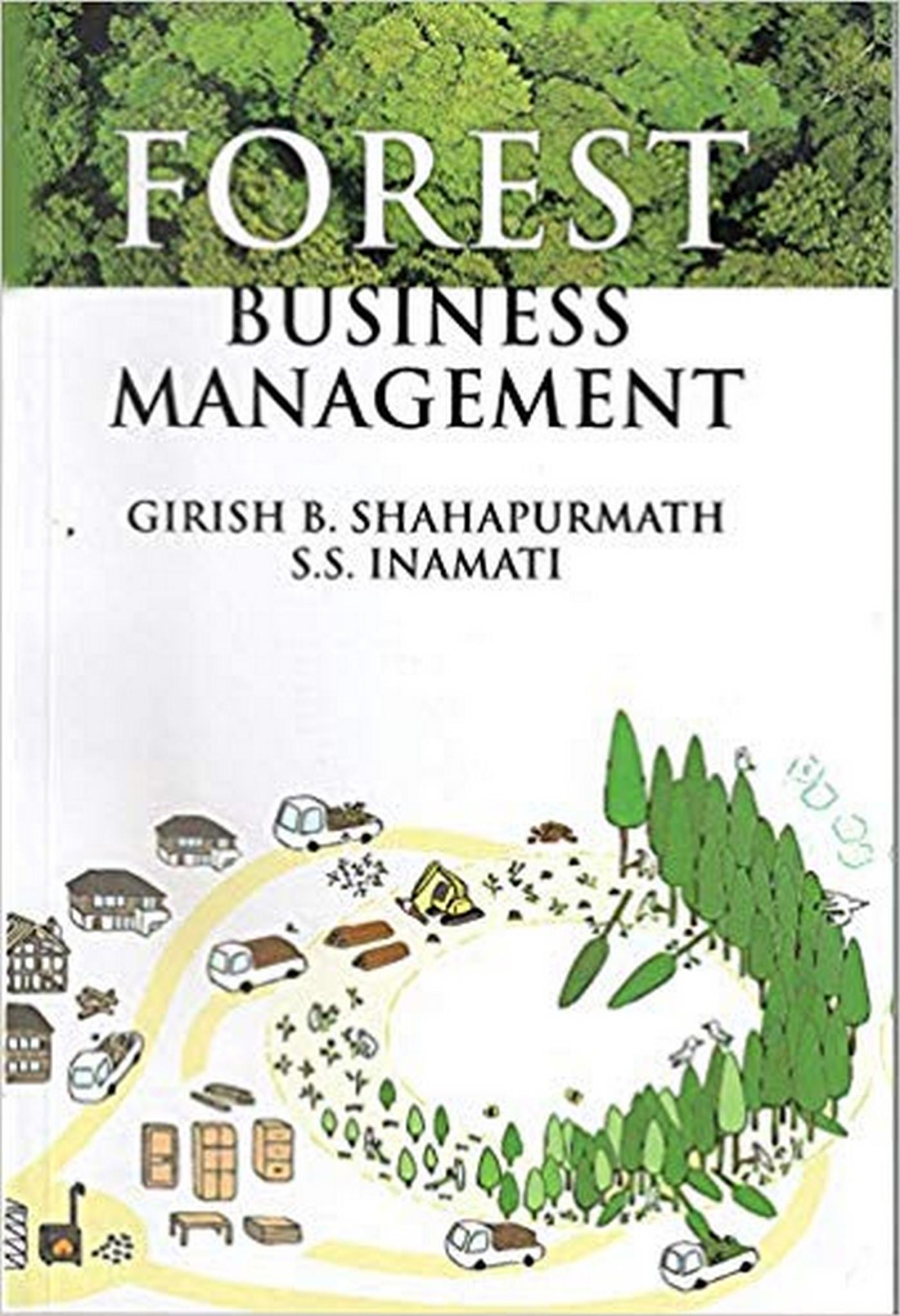
Forest Business Management Forest business includes all activities from production to distribution of forest goods and services. It embraces industry, industry, trade and other activities like banking, transport, Insurance and warehousing which facilitates which facilitates production and distribution of goods and services. Forestry in India is a significant rural industry and a major environmental resource. India is one of the ten most forest-rich countries of the world along with the Russian Federation, Brazil, Canada, United States of America, China, Democratic Republic of the Congo, Australia, Indonesia, and Sudan. Forestry in India is more than just about wood and fuel. India has a thriving non-Wood forest products industry, which produces latex, gums, resins, essential oils, flavors, fragrances, and aroma chemicals incense sticks, handicrafts, thatching materials and medicinal plant about 60% of non-wood forest products production is consumed locally . About 50% of the total revenue from the forestry industry in India is in non-wood forest products category. In 2002, non-wood forest products were a source of significant supplemental income to over 400 million people in India, mostly rural This book deals with into some of the basic principles and practices of forest business management. The book has been written with a view to cover the broad syllabus prescribed on the subject in various forestry colleges, forestry training institutes and Agricultural Universities in India. This will serve as a valuable source of information for the academicians in forestry colleges and institutes and also for the undergraduate and post graduate student for the preparation of competitive examinations in forestry discipline. TECHNOLOGY & ENGINEERING,Agriculture,Forestry
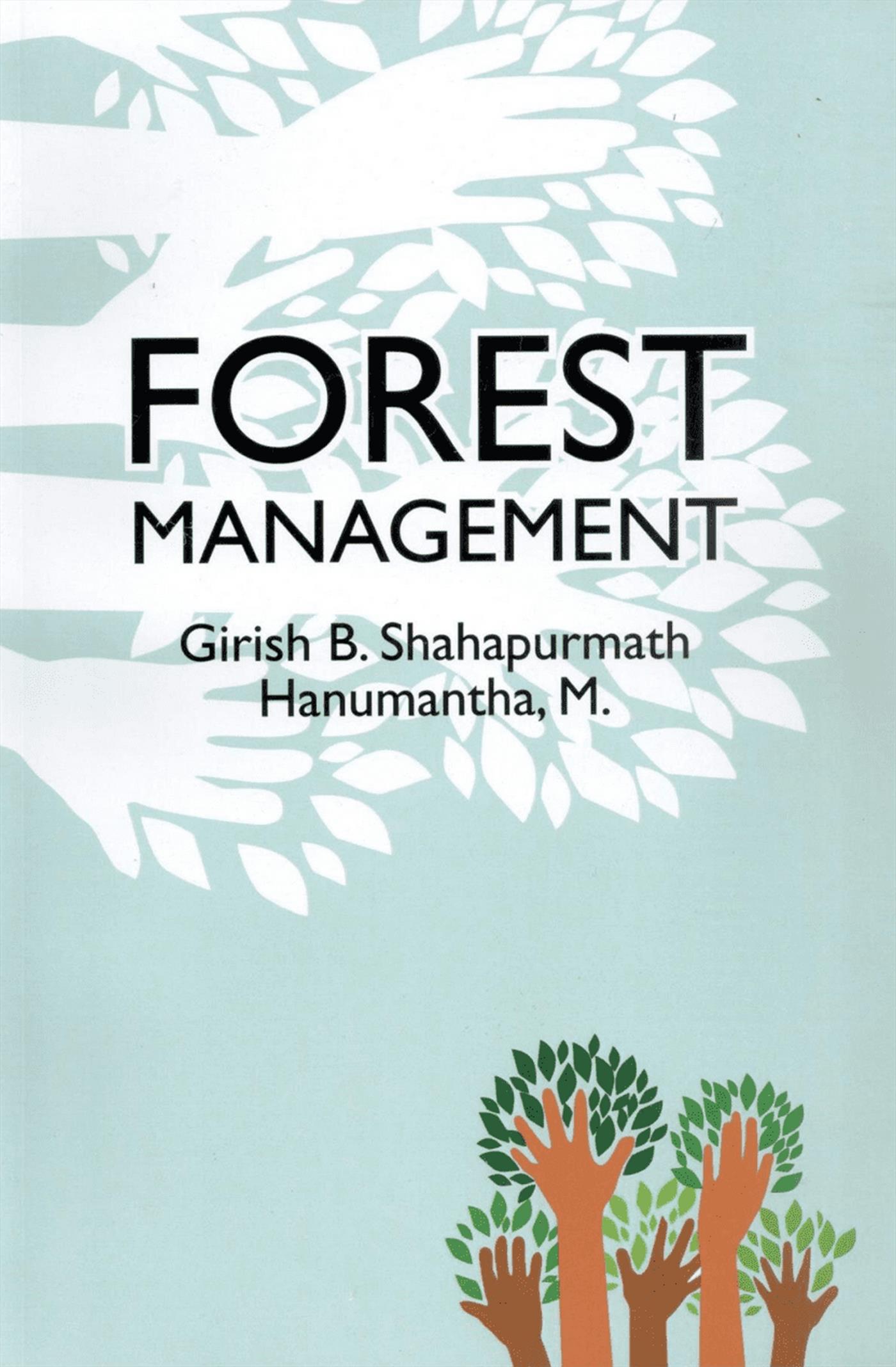
Forest Management Management of forests need to be widely discussed and better understood. This simple and comprehensive book on Forest Management presents an interaction of different aspects of forestry towards management. Forest management is nothing but overall administrative, economic, legal, and social aspects, as well as scientific and technical aspects, such as silviculture, protection, and forest regulation Management can be based on conservation, economics, or a mixture of the two. Techniques include timber extraction, planting and re-planting of various species, cutting roads and pathways through forests, and preventing fire. There has been increased public awareness of natural resource policy, including forest management. Public concern regarding forest management may have shifted from the extraction of timber for earning money for the economy to the preservation of additional forest resources, including wildlife and old growth forest, protecting biodiversity, watershed management and recreation. Increased environmental awareness may contribute to an increased public mistrust of forest management professional. But it can also lead to greater understanding about what professionals do for forests for nature conservation and ecological services. This book deals with into some of the basic principles and practices of forest management. The book has been written with a view to cover the broad syllabus prescribed on the subject in various forestry colleges, Forestry training institutes, and Agricultural Universities in India. This will serve as a valuable source of information for the academicians in forestry colleges and institutes and also, for the undergraduate and post graduate students for the preparation of competitive examinations in forestry discipline. TECHNOLOGY & ENGINEERING,Agriculture,Forestry
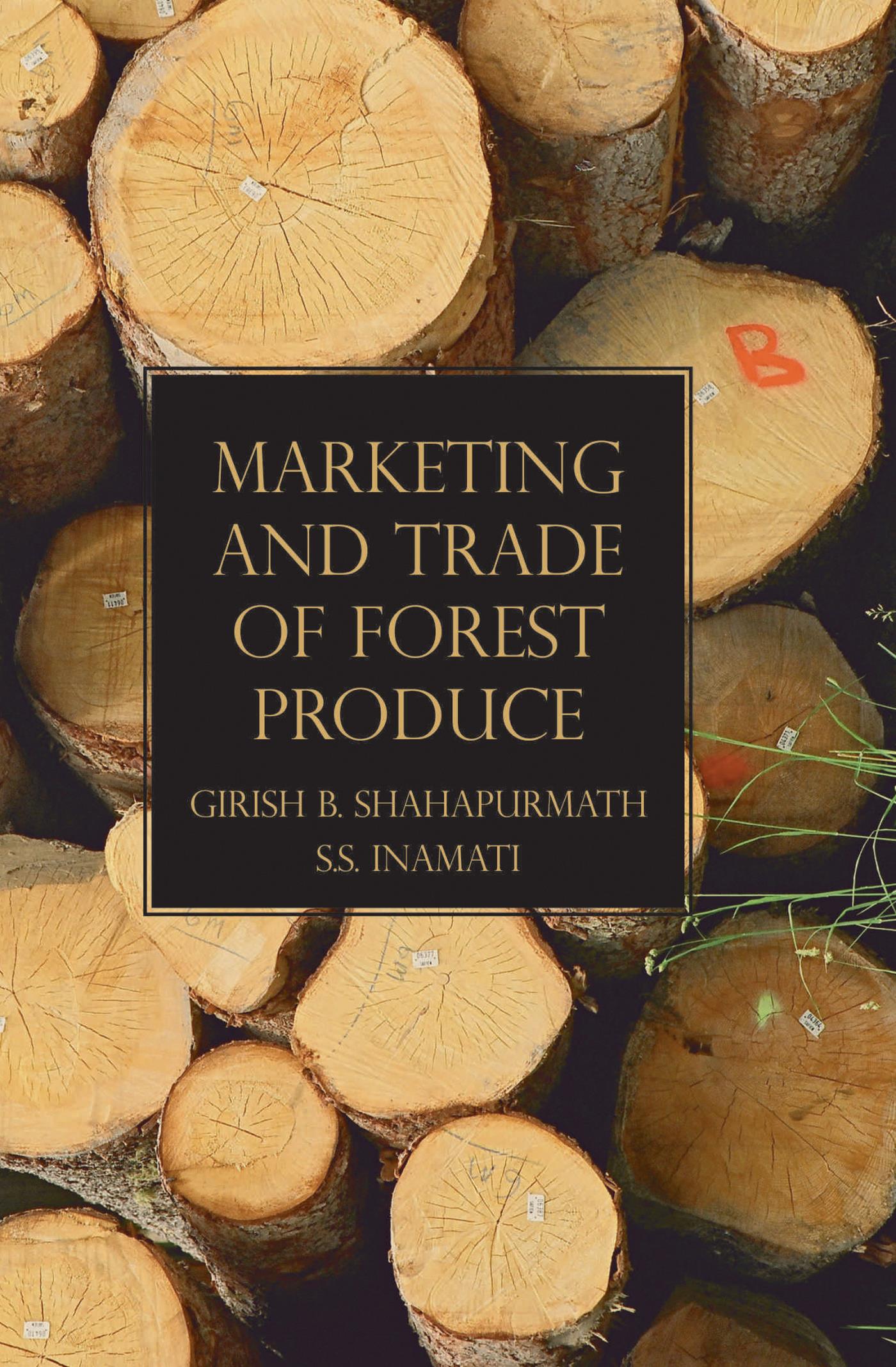
Marketing and Trade of Forest Produce A dynamic domestic market is now-a-days becoming an important factor in attracting foreign investments, and many emerging economies harbour bustling urban markets short of high-quality forest products. Increasing trade in forest products has supported economic growth and eradication of poverty in a number of emerging countries. But trading out of poverty has proven difficult and it has led to further marginalization and events of misconduct in some countries. Safeguards must be firmly put in place to ensure that trade is based on legal and sustainable forest use, fair labour conditions and equitable sharing of benefits. Good governance is essential in setting the rules for sustainable production and trade. Producers in emerging countries know how to apply proven marketing strategies and practices in their local situations, including green marketing in the low-carbon economy, branding and ethical/fair trade tools, and enter into electronic marketplaces and social media networks. Integrating concrete demands for carbon offsets in forests with the conservation of biodiversity and protection of watersheds, is a challenging equation in a world where consumption of forest products will continue to rise. This book deals with some of the basic principles and practices of Marketing and Trade of Forest Produces. The book has been written with a view to cover the broad syllabus prescribed on the subject in various forestry colleges, forestry training institutes and Agricultural Universities in India. This will serve as a valuable source of information for the academicians in forestry colleges and institutes and also for the undergraduate and post graduate students for the preparation of competitive examinations in forestry discipline. TECHNOLOGY & ENGINEERING,Agriculture,Forestry
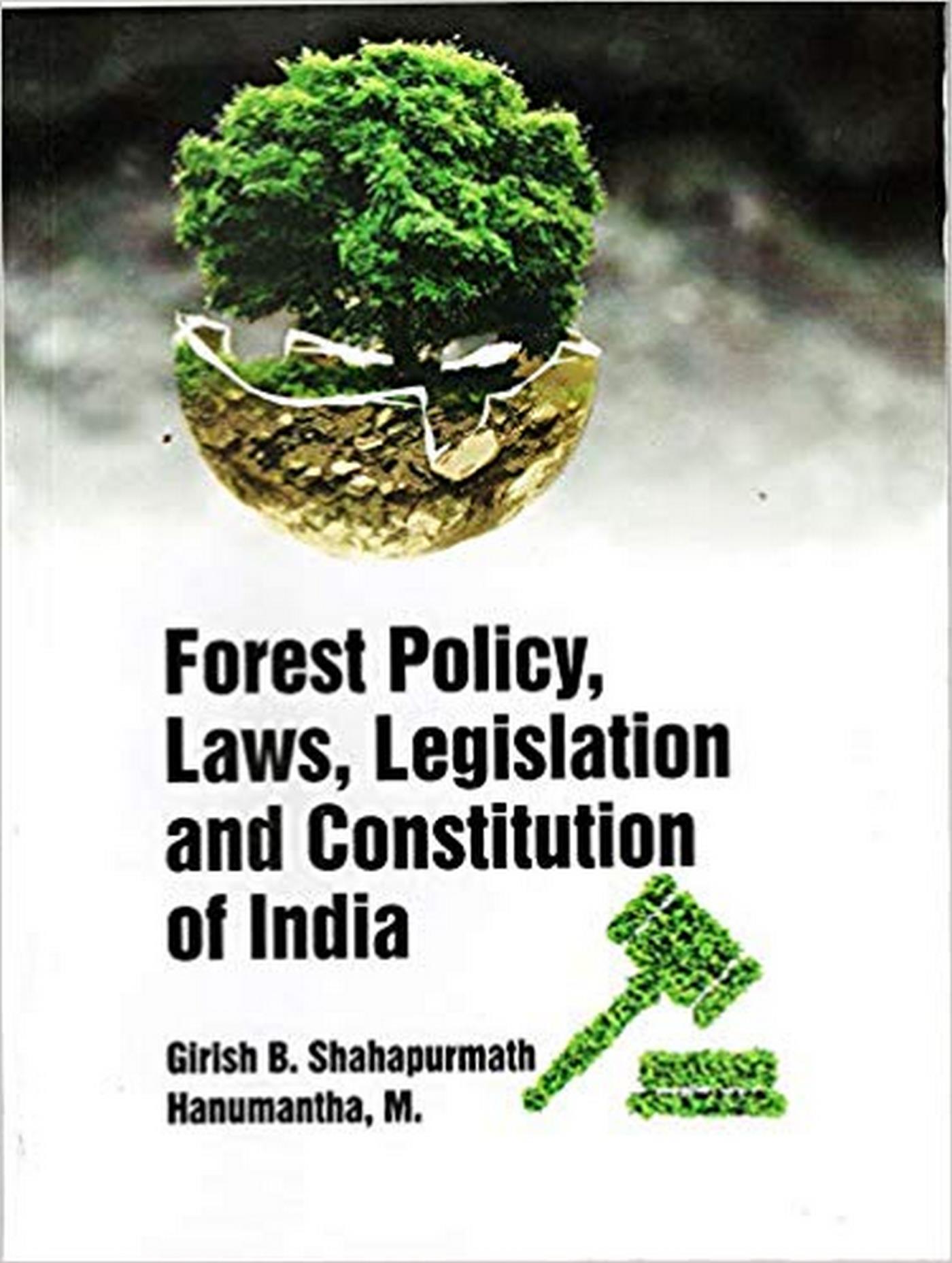
Forest Policy, Laws, Legislation And Constitution Of India A policy is intended to guide and determine present and future decisions and actions. It usually comprises two elements: a set of aspirations, goals or objectives an outline of a course of action to achieve them. A national forest policy is considered to be a negotiated agreement between government and stakeholders on the orientations and principles of actions they adopt, in harmony with national socio-economic and environmental policies, to guide and determine decisions on the sustainable use and conservation of forest and tree resources for the benefit of society. Forest policies, thus, not only have to cover issues under the competence of the forestry administration and its agencies, but also they need to contribute to overarching policies, including those responsible for national development or economic and poverty strategies. They also need to be consistent with policies issued by other government authorities. Thus, a forest policy is a policy for people, not for the forestry administration. Being an agreement among government and stakeholders, a national forest policy is endorsed by government and implemented through legal, economic and informational instruments, and by other stakeholders with their respective means. This book deals with some of the basic aspects of forest policies, laws, legislation and constitution of India. The book has been written with a view to cover the broad syllabus prescribed on the subject in various forestry colleges, forestry training institutes and Agricultural Universities in India. This will serve as a valuable source of information for the academicians in forestry colleges and institutes and also for the undergraduate and post graduate students for the preparation of competitive examinations in forestry discipline. TECHNOLOGY & ENGINEERING,Agriculture,Forestry
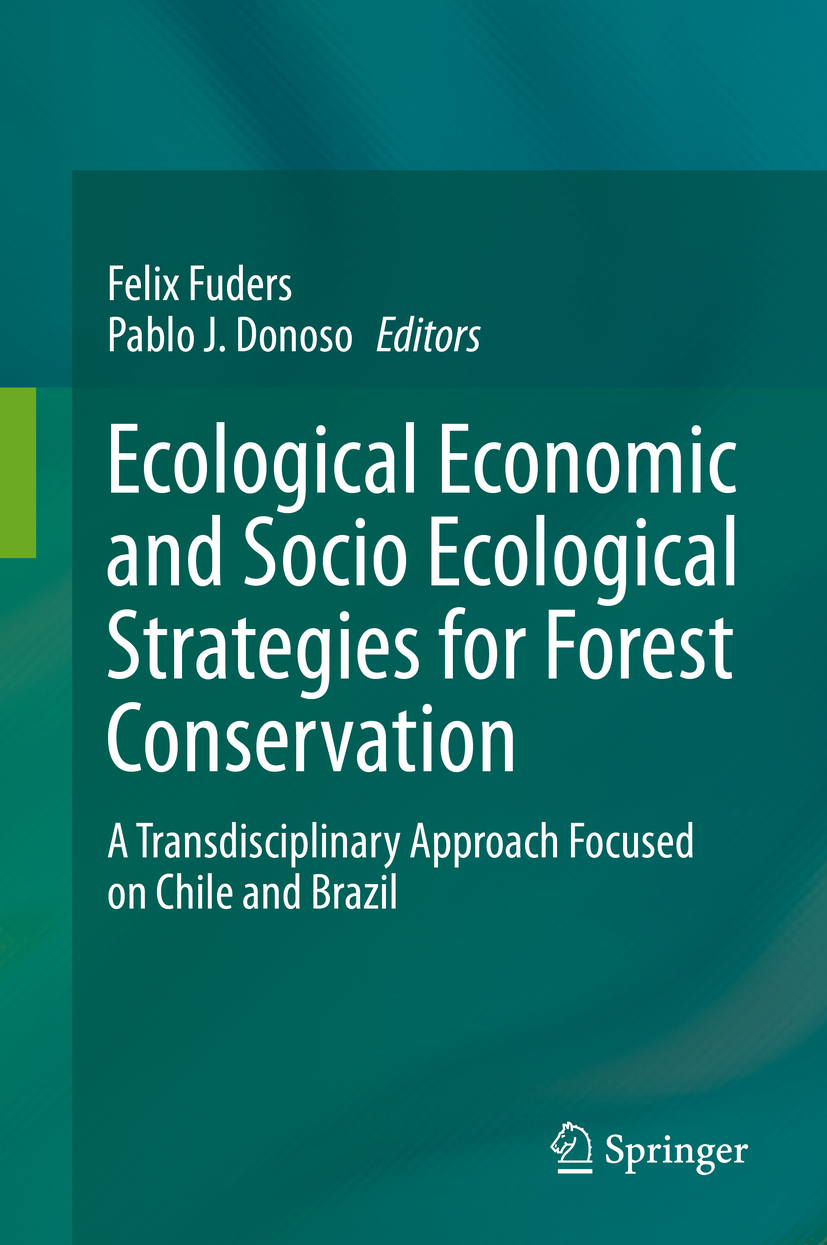
Ecological Economic and Socio Ecological Strategies for Forest Conservation This book proposes strategies for improving the resilience and conservation of temperate forests in South America, such that these forests can provide ecosystem services in a sustainable way. As such it contributes to the design of a resilient human-forest model that takes into account the multiculturalism of local communities, in many cases including aspects of ecological economics, development economics and territorial development planning that are related to indigenous peoples or first nations. Further, it provides proposals for public and territorial policies that improve the state of conservation of native forests and forest ecosystems, based on a critical analysis of the economic factors that lead to the degradation of forest ecosystems in South America today. This edition was conceived by members of the Transdisciplinary Research Center for Social and Ecological Strategies for Sustainable Forest Management in South America at the Universidad Austral de Chile. It includes contributions by distinguished researchers from around the world, combining the fields of economics, ecology, biology, anthropology, sociology and statistics. It is not, however, simply a collection of works written by authors from different disciplines, but rather each chapter is in itself transdisciplinary. This approach makes the book a unique contribution to enhancing social, managerial and political approaches to forestry management, helping to protect forest ecosystem services and make them more sustainable. This, in turn, will benefit local communities and society as a whole, by reducing the negative externalities of forestry management and enhancing future opportunities. TECHNOLOGY & ENGINEERING,Agriculture,Forestry
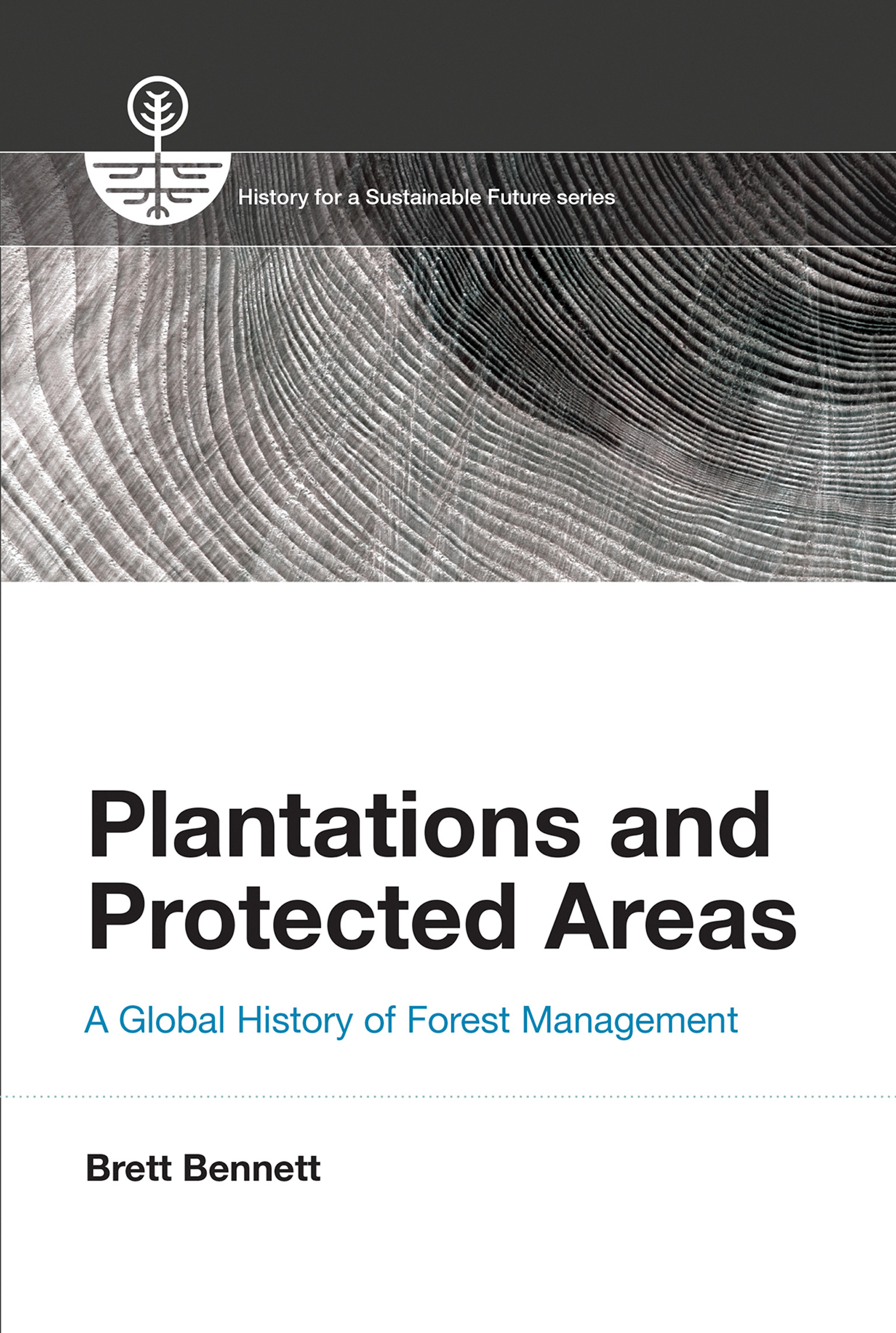
Plantations and Protected Areas How global forest management shifted from an integrated conservation model to a bifurcated system of timber plantations and protected areas. Today, the world's forests are threatened by global warming, growing demand for wood products, and increasing pressure to clear tropical forests for agricultural use. Economic globalization has enabled Western corporations to export timber processing jobs and import cheap wood products from developing countries. Timber plantations of exotic, fast-growing species supply an ever-larger amount of the world's wood. In response, many countries have established forest areas protected from development. In this book, Brett Bennett views today's forestry issues from a historical perspective. The separation of wood production from the protection of forests, he shows, stems from entangled environmental, social, political, and economic factors. This divergence—driven by the concomitant intensification of production and creation of vast protected areas—is reshaping forest management systems both public and private. Bennett shows that plantations and protected areas evolved from, and then undermined, an earlier integrated forest management system that sought both to produce timber and to conserve the environment. He describes the development of the science and profession of forestry in eighteenth- and nineteenth-century Europe; discusses the twentieth-century creation of timber plantations in the Americas, Asia, Africa, and Australia; and examines the controversies over deforestation that led to the establishment of protected areas. Bennett argues that the problems associated with the bifurcation of forest management—including the loss of forestry knowledge necessary to manage large ecosystems for diverse purposes—suggest that a more integrated model would be preferable. TECHNOLOGY & ENGINEERING,Agriculture,Forestry
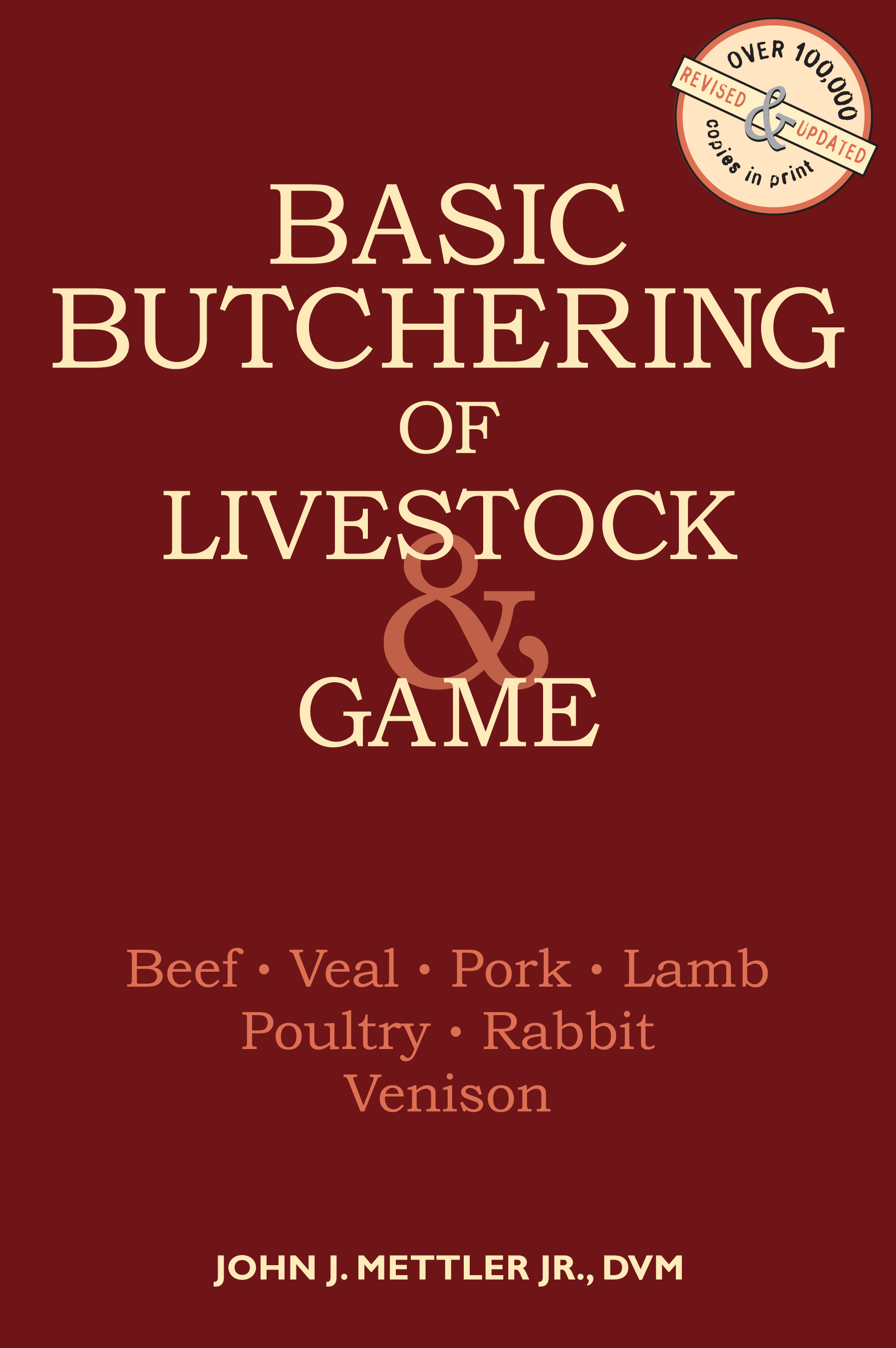
Basic Butchering of Livestock & Game Detailed instructions and easy-to-follow illustrations demystify slaughtering and butchering from start to finish. This classic covers beef, veal, venison, pork, lamb, and poultry and includes 30 recipes. TECHNOLOGY & ENGINEERING,Agriculture,General

Farm Anatomy Popular illustrator Julia Rothman presents a colorfully entertaining visual tour of the parts of the farm and of the animals and activities found there, dissecting everything from cows, pigs, and roosters to the farmer’s breakfast, crop rotation patterns, tractors and tools, and much, much more. TECHNOLOGY & ENGINEERING,Agriculture,General
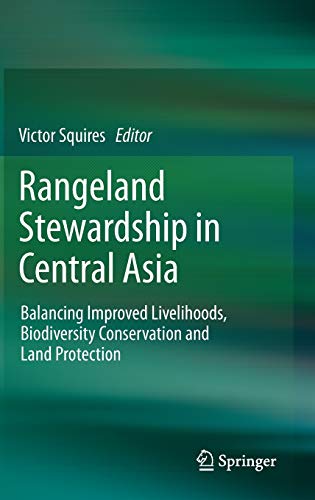
Rangeland Stewardship in Central Asia This volume of 18 chapters is the work of more than 30 authors, many of whom are natives of the Central Asian region or are researchers who have dedicated a large part of their working lives to studying the development dynamics in this vast and fascinating region. The work focuses on the 20 years since the collapse of the Soviet Union in 1990. But it also traces the attitudes of land users to the land dating from before the late 19th century, when Russian conquest and colonization occurred, and through the upheavals caused by Soviet-style collectivization and sedentarization. The book is rich with new data presented in 68 easy to understand charts/graphs (many in color) and 50 Tables. Information was generated for this book by experts working in-country. It presents for the first time in English a digest of plethora of previously inaccessible Russian reports and scientific literature that will be invaluable for development agencies, including UN, World Bank, Asian Development Bank, Islamic Bank as well as to students of this vast and fascinating region who seek up to date and authoritive information. TECHNOLOGY & ENGINEERING,Agriculture,General
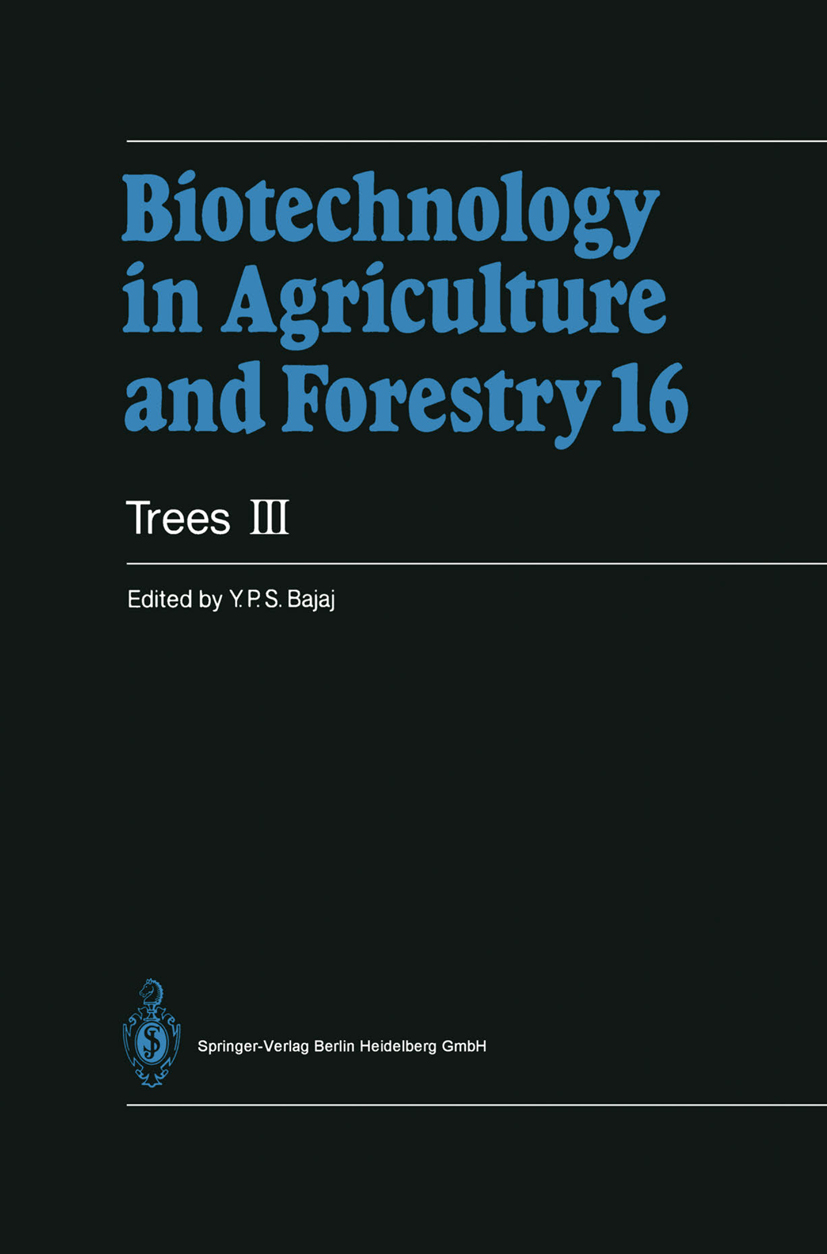
Trees III After the 1986 and 1989 volumes, this is the third volume on biotechnology for propagation of trees. Comprising 28 chapters contributed by international experts the book deals with fruit, ornamental, and forest trees, such as Black cherry, Sour cherry, Pomegranate, Loquat, Ficus, Yellow poplar, Horse chestnut, Judas tree, Linden tree, Saskatoons, Taiwan sassafras, Plane-tree, Rattans, Bamboos, Engelmann spruce, White spruce, Larches, Hinoki cypress, Western redcedar, and various types of pines, i.e. Jack, Carribean, Eldarica, Slash, Egg-cone, Maritime, Ponderosa, Eastern white, Loblolly pine. Trees III is an excellent reference book for scientists, educators, and students of forestry, botany, genetics, and horticulture, who are interested in tree biotechnology. TECHNOLOGY & ENGINEERING,Agriculture,General
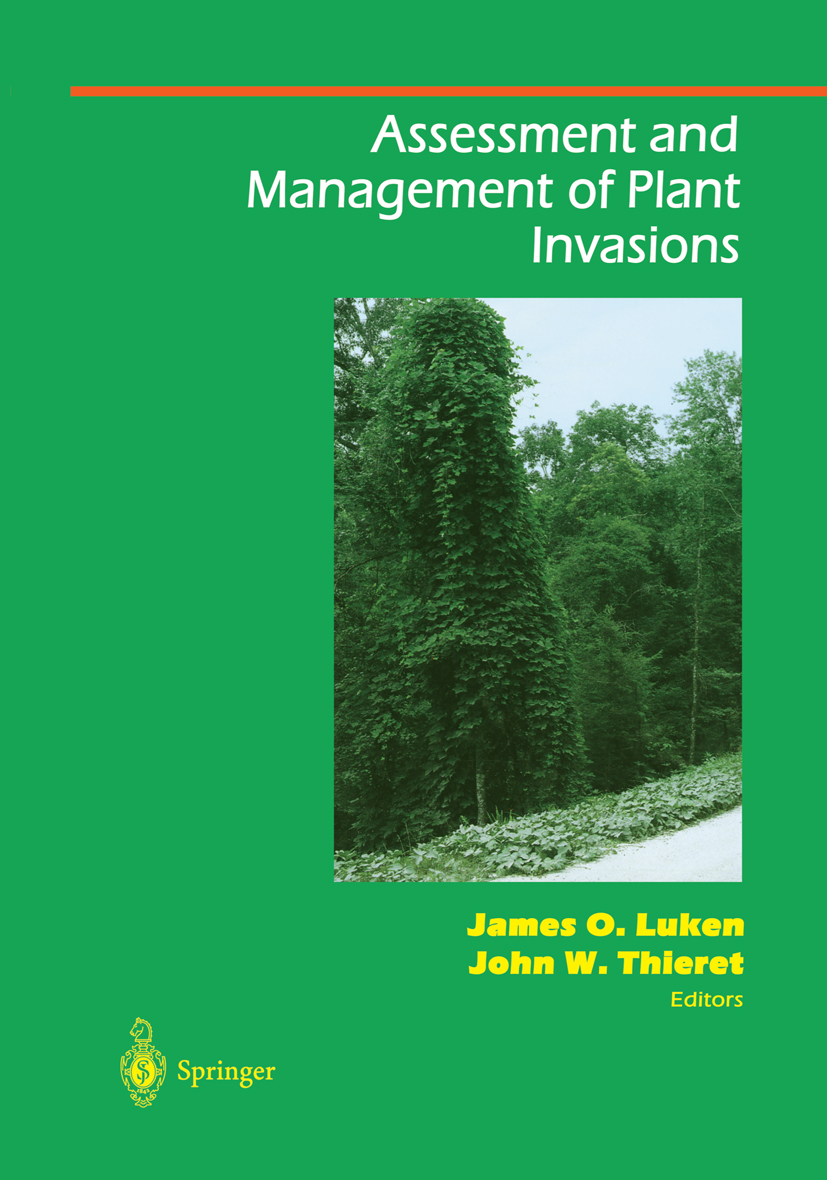
Assessment and Management of Plant Invasions Biological invasion of native plant communities is a high-priority problem in the field of environmental management. Resource managers, biologists, and all those involved in plant communities must consider ecological interactions when assessing both the effects of plant invasion and the long-term effects of management. Sections of the book cover human perceptions of invading plants, assessment of ecological interactions, direct management, and regulation and advocacy. It also includes an appendix with descriptive data for many of the worst weeds. TECHNOLOGY & ENGINEERING,Agriculture,General
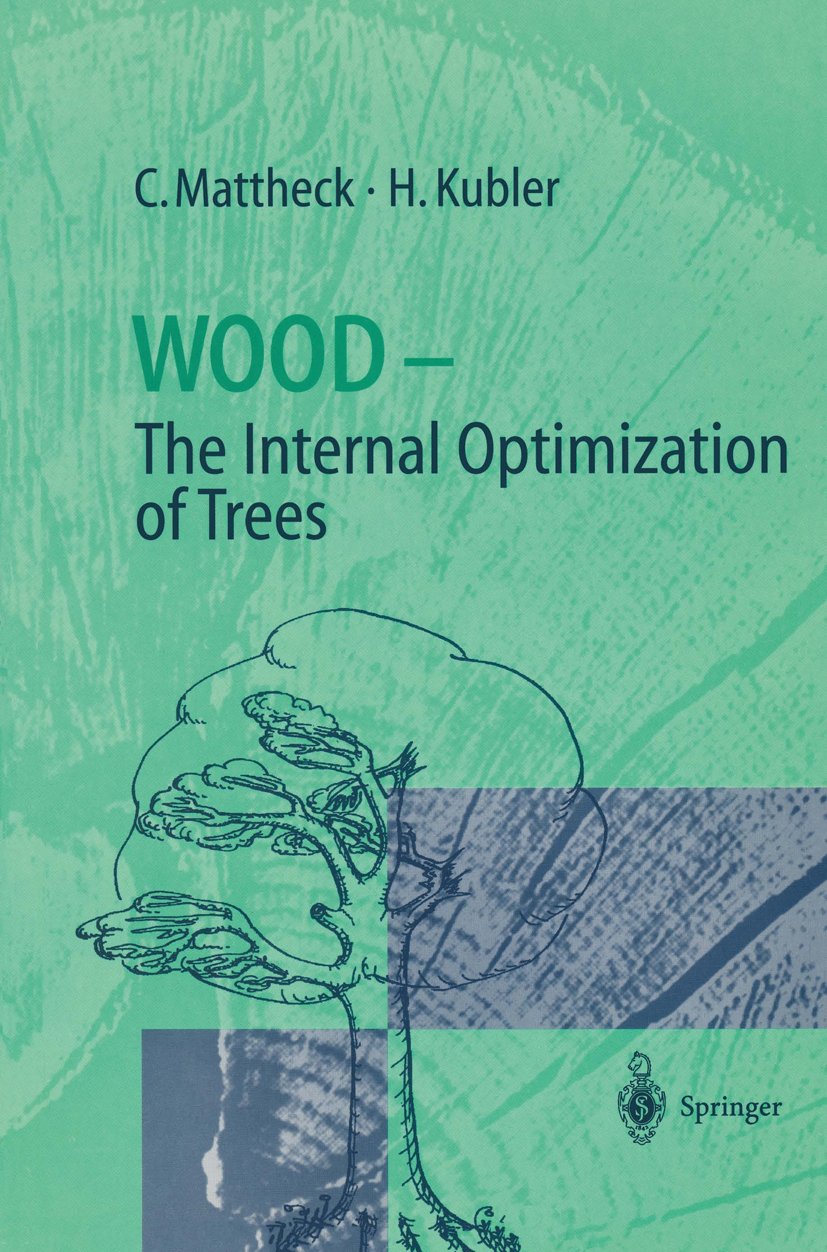
Wood - The Internal Optimization of Trees Here are two physicists looking over the fence of physics, getting thrilled by the life and growth of trees, taking an altogether different, exciting view of wood: trees produce wood for their own benefit. They do not live for the benefit of man who builds his world using wood as a raw material. Timber is revealed in a different light, and the reader is taught to stop thinking of it in terms of defective beams and boards. Wood only fails as a part of the living tree. To us, the tree and wood biologists, this new definition is a real, inspiring challenge, which is just what Kubler and Mattheck intended it to be. Their answers may seem too simple or little logical to some of us; but the authors are not at a loss for sound and solid arguments. Their field studies prove the incredible, their hypotheses makes us want to get to the bottom of the un proven unbelievable. The authors' answers and arguments are bold and cour ageous. They arouse our curiosity and force us to fathom the facts. It seems as if Kubler and Mattheck wanted to trick us into believing that trees only live and react following mechanical rules and strategies. To tell the truth, that was what I first suspected the authors of: but I was wrong. TECHNOLOGY & ENGINEERING,Agriculture,General
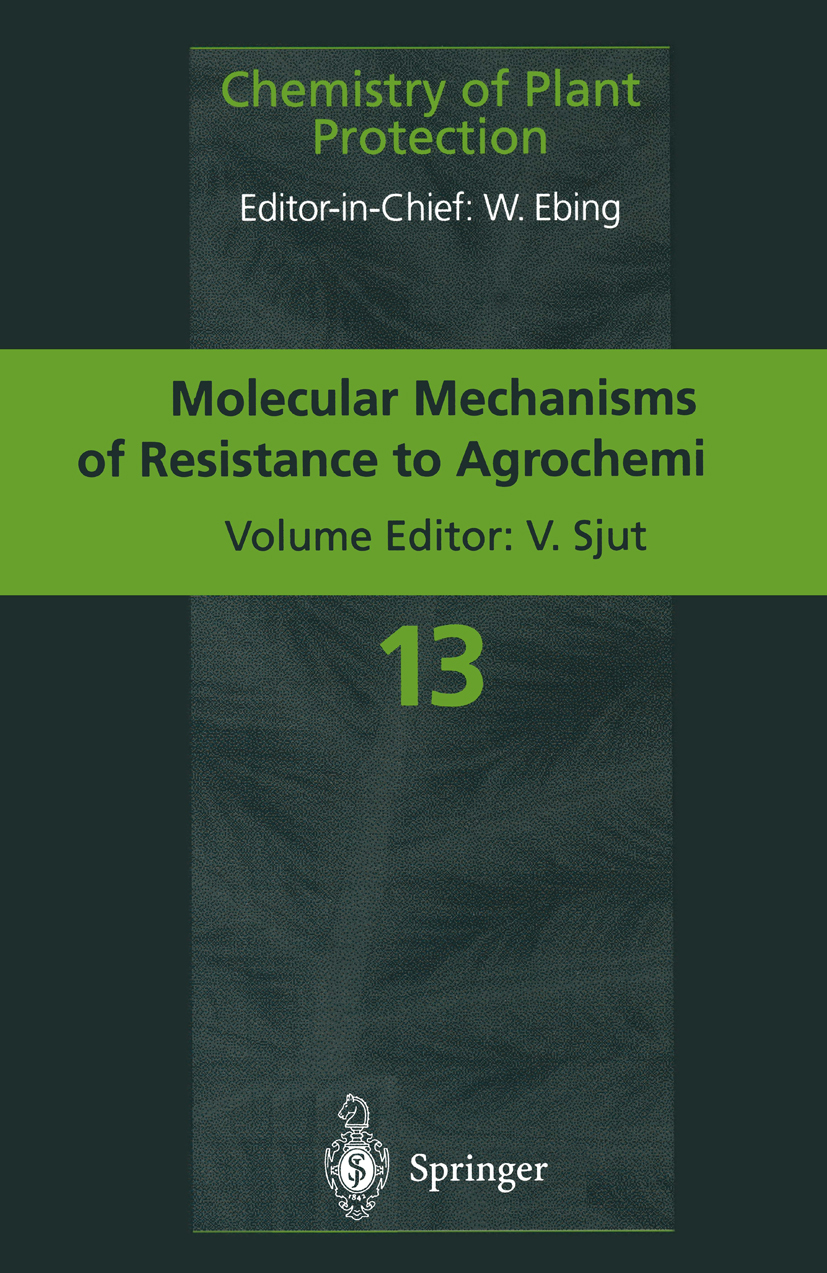
Molecular Mechanisms of Resistance to Agrochemicals Over the past 30 years one alarming trend is the emergence of plant species resistant to agrochemicals (e.g. insecticides, herbicides, fungicides). Considering the fact that these pesticides are crucial to human health and to food, feed and fiber production, impressive research was carried out during the last decade to understand the mechanisms of resistance development. This volume reviews the latest results and examines the implications of these findings for delaying or avoiding resistance in plants to agrochemicals. TECHNOLOGY & ENGINEERING,Agriculture,General
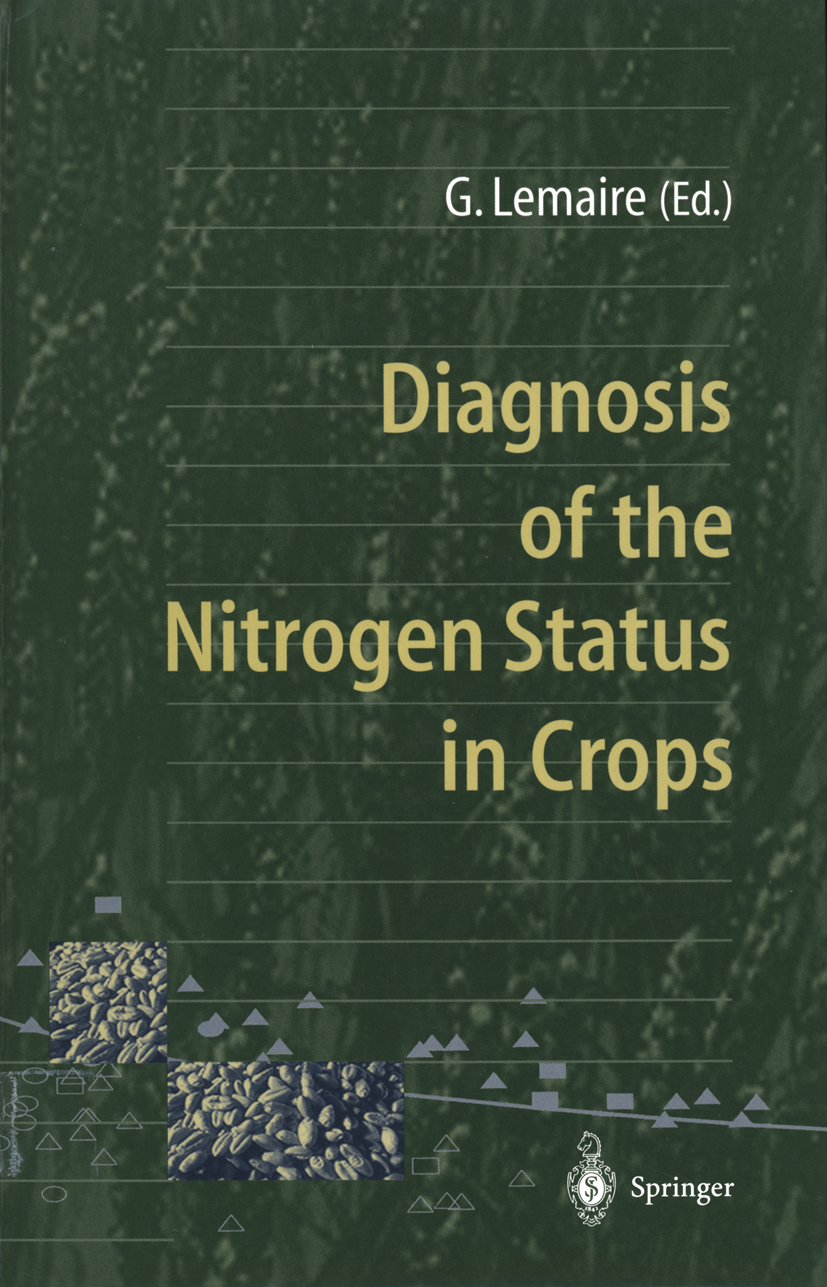
Diagnosis of the Nitrogen Status in Crops Providing a link between theoretical and applied aspects of plant nutrition and agriculture, this book introduces new concepts in plant nutrition. It shows how these can be applied in order to assess the nitrogen status in crops and to improve nitrogen nutrition through optimized N fertilization management. In this way economic benefits can be obtained, while at the same time preventing detrimental effects on the environment. The main agricultural crops - grasses, wheat, barley, Durum wheat, maize, sorghum, grain legumes and potatoes - are covered. The book will be an invaluable source for agronomists. TECHNOLOGY & ENGINEERING,Agriculture,General

High-Tech and Micropropagation V Micropropagation of plants is a multibillion dollar industry being prac ticed in hundreds of small and large nurseries and commercial labora tories throughout the world. At present, it is the only component of plant biotechnology which has been commercially exploited on such a large scale, especially for the production of ornamentals. Now micro propagation of trees and medicinal plants has also assumed great im portance. With recent progress made in the propagation of fruit and forest trees, and the immediate need for afforestation and planting of orchards, propagules and plantlets are required quickly and in large numbers. Taking these points into consideration High-Tech and Micro propagation I, If, If I, and IV were published in 1991 and 1992. The present two volumes, High-Tech and Micropropagation V and VI, com prise 51 chapters contributed by international experts from 24 countries. High-Tech and M icropropagation V comprises 24 chapters arranged into the following three sections: I. Vegetables and fruits (garlic, Amaranthus, Brassica oleracea, pepper watermelon, cassava, banana, Myrtus communis, passionfruit, Poly mnia sonchifolia, pepino, and spinach) II. Grasses (bamboos, Caustis dioica, Dendrocalamus, Miscanthus x giganteus, sugarcane) III. Trees (Aegle marmelos, Eucalyptus, Fraxinus excelsior, Juglans cinerea, Pinus virginiana, Prosopis, and Ulmus species) High-Tech and Micropropagation VI comprises 27 chapters arranged in two sections: I. TECHNOLOGY & ENGINEERING,Agriculture,General
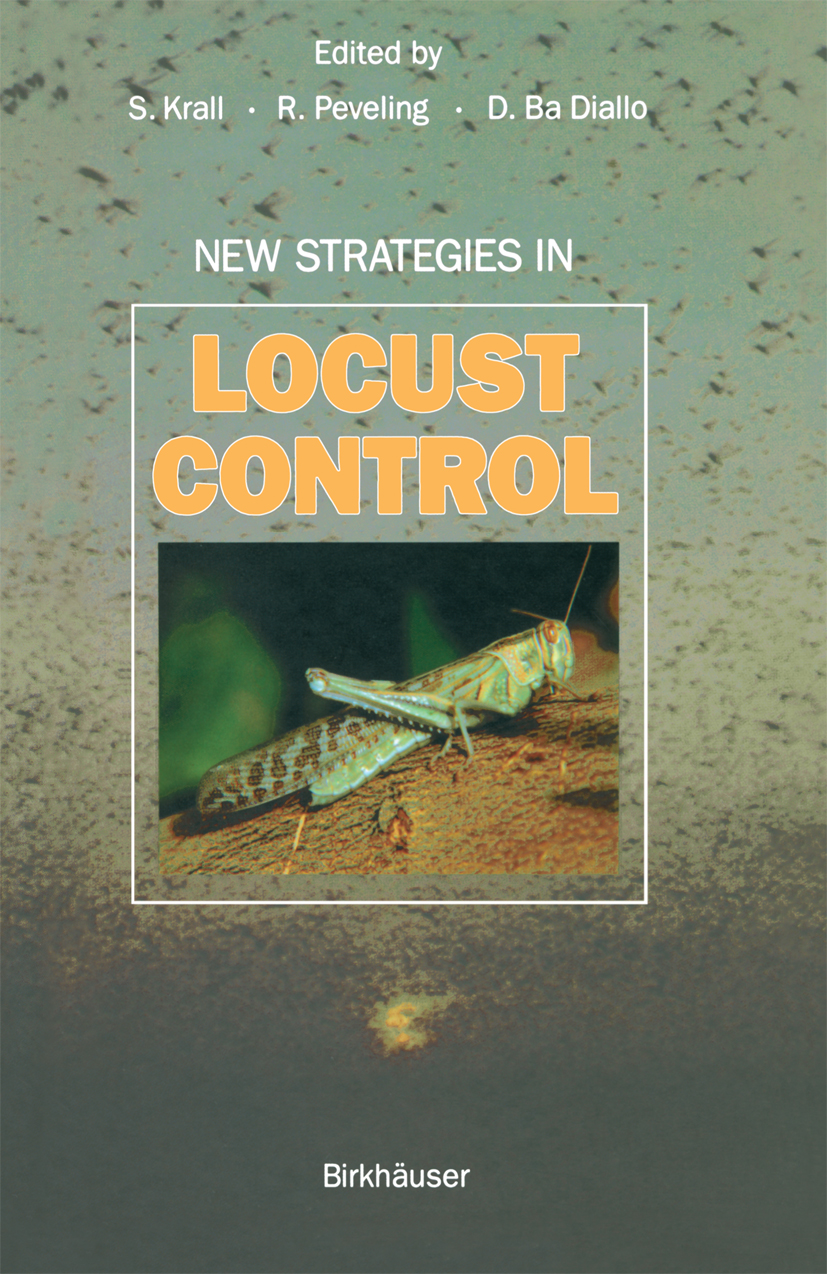
New Strategies in Locust Control In the late eighties large-scale control operations were carried out to control a major desert locust upsurge in Africa. For the first time since the banning of organochlorine pesticides these operations relied mainly on non-persistent pesticides such as organophosphates and pyrethroids. The amount of pesticides sprayed and the area covered were probably the highest in the history of locust control and raised criticism with respect to efficacy, economic viability and environmental impact. As a consequence, applied research into the problem was intensified, both at the national and the international level, with the goal of finding new and environmentally sound approaches and solutions to locust and grasshopper control. Emphasis was laid on developing new control agents and techniques. TECHNOLOGY & ENGINEERING,Agriculture,General
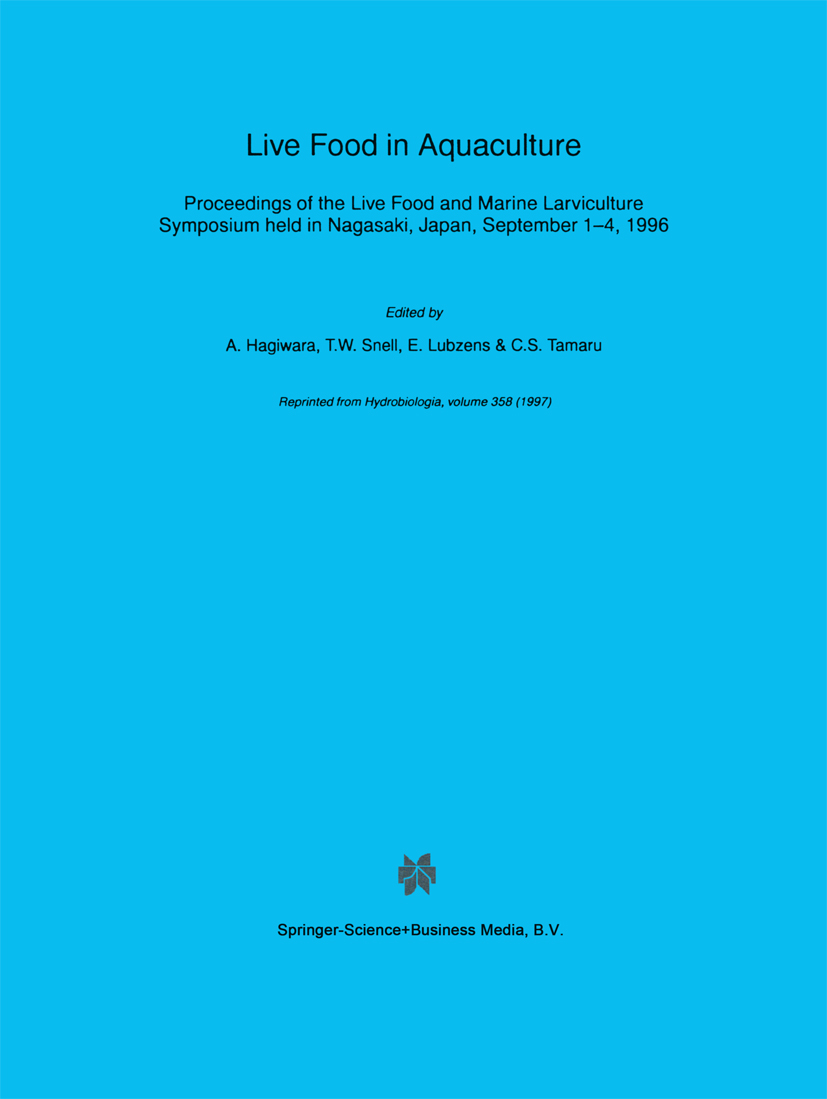
Live Food in Aquaculture Proceedings of the Live Food and Marine Larviculture Symposium held in Nagasaki, Japan, September 1-4, 1996 TECHNOLOGY & ENGINEERING,Agriculture,General
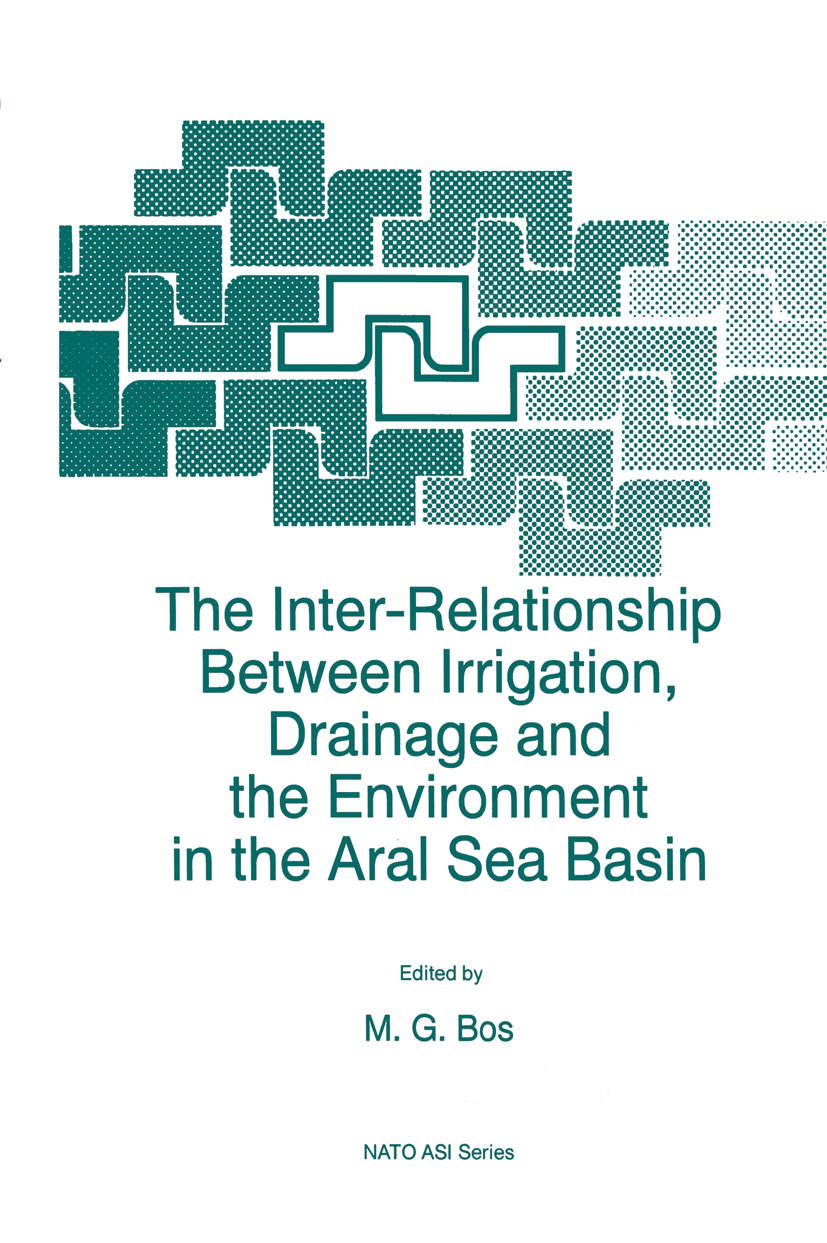
The Inter-Relationship Between Irrigation, Drainage and the Environment in the Aral Sea Basin Proceedings of the NATO Advanced Research Workshop on Drainage and Development in Arid Zones, Wageningen, the Netherlands, 4-8 January 1995 TECHNOLOGY & ENGINEERING,Agriculture,General

Somaclonal Variation in Crop Improvement II In continuation of Somaclonal Variation and Crop Improvement I (1990), this volume is comprised of twenty-four chapters dealing with somaclonal variants showing resistance to salt drought, herbicides, viruses, Alternaria, Fusarium, Glomerella, Verticillium, Phytophthora, fall armyworm, etc. in a number of plants of economic importance. It is divided into two sections:Section I. Somaclonal Variation in Agricultural Crops: wheat, rice, maize, sorghum, potato, tomato, Lotus, Stylosanthes, banana, strawberry, citrus, colt cherry. Section II. Somaclonal Variation in Medicinal and Aromatic Plants: Atropa, Carthamus, Hypericum, Lavatera, Nicotiana, Primula, Rauwolfia, scilla, and Zinnia. TECHNOLOGY & ENGINEERING,Agriculture,General
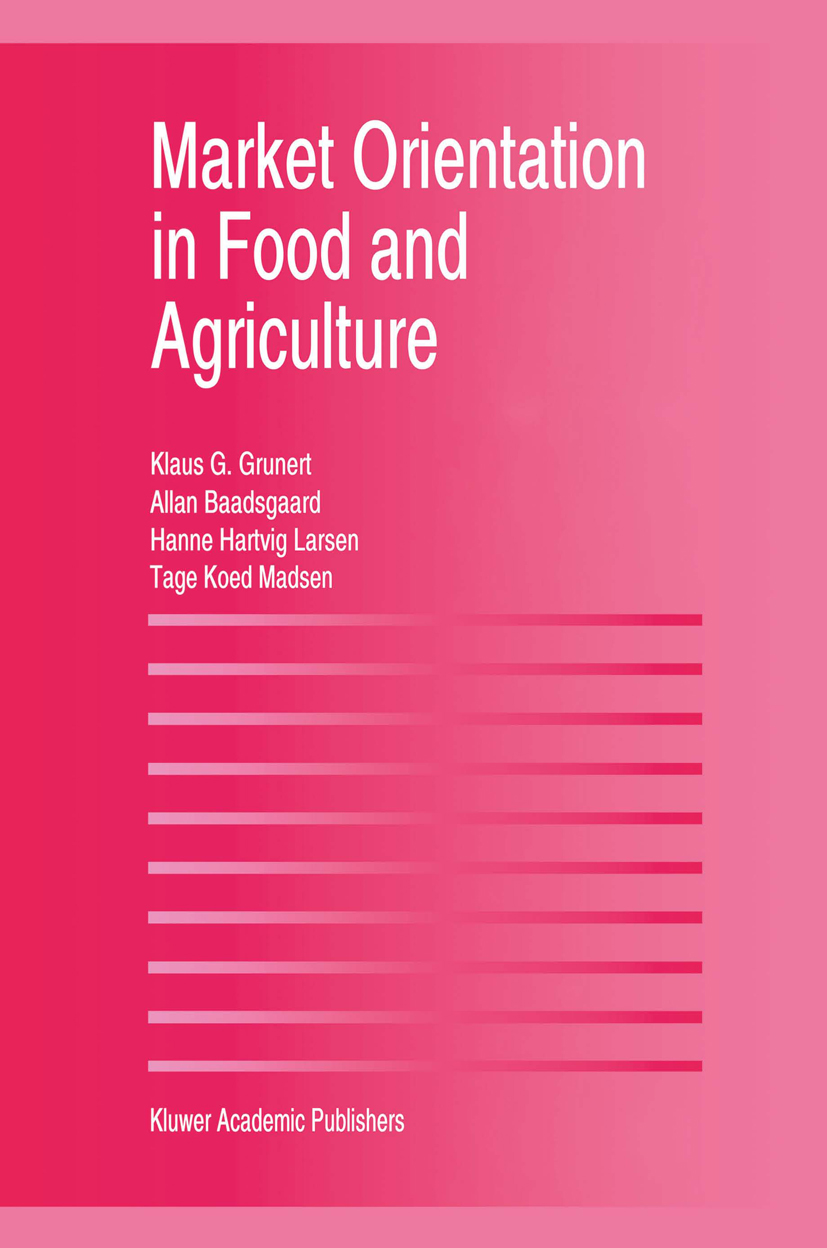
Market Orientation in Food and Agriculture In the fall of 1990, the Danish government started a comprehensive research pro gramme to improve the competitiveness of the Danish food sector: The Research and Development Programme in the Danish Food Sector (Det F!Ildevareteknologiske Forsk nings- og Udviklingsprogram, F0TEK). The programme was based on a combination of basic research to be carried out by universities and other research institutions, and a series of collaboration projects between researchers and food companies. The programme was originally designed as a technological research programme. However, in the planning phases of the research programme, the view that the development of new technologies and products may not be sufficient to improve competitiveness made some ground. A small comer of the overall research effort was therefore set aside for market-oriented research. This comer was filled by the research programme Market-based process and product innovation in the food sector (MAPP). MAPP was a joint research programme in which researchers from several Danish universities and business schools participated; it was coordinated by the Aarhus School of Business. MAPP set out to achieve a difficult task: to conduct high quality research on various aspects of the marketing of food products, to do so in cooperation with food companies, and to win under standing and recognition from the colleagues in the food technology departments. TECHNOLOGY & ENGINEERING,Agriculture,General
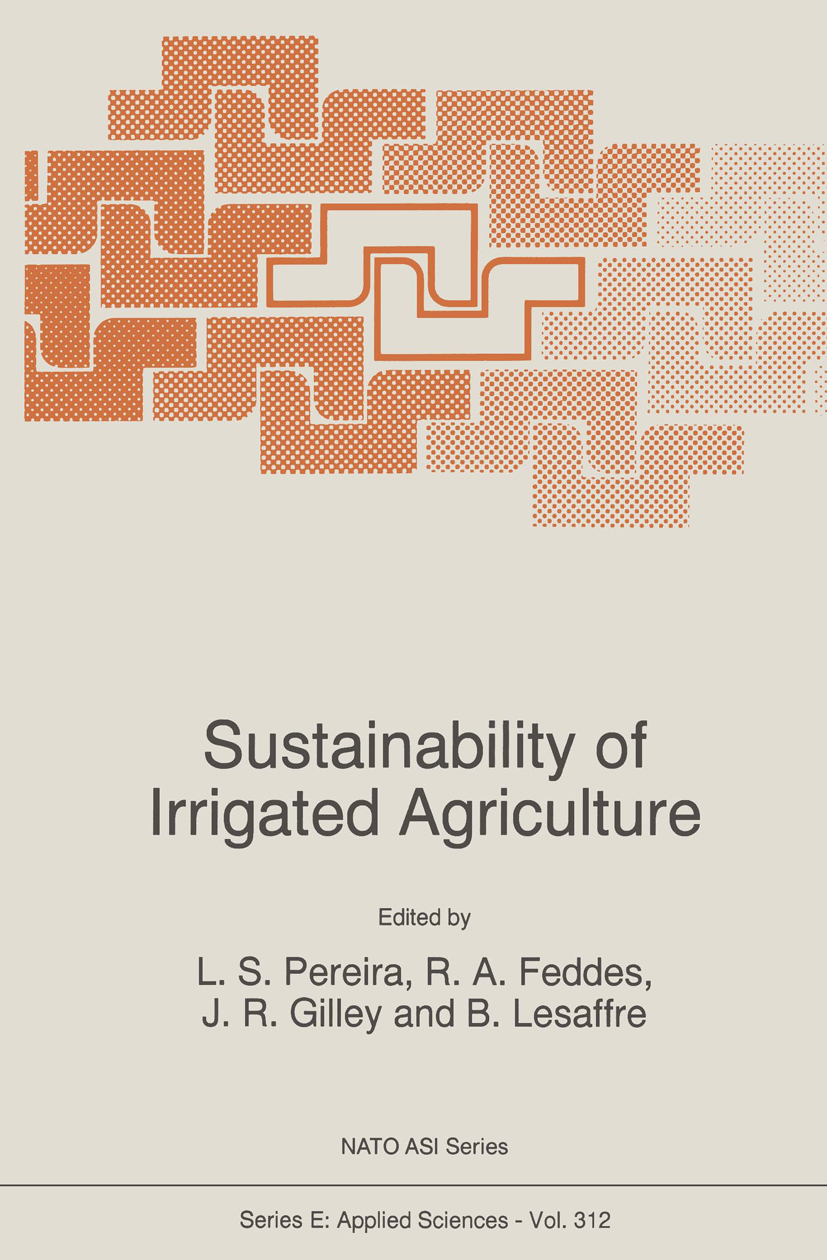
Sustainability of Irrigated Agriculture Proceedings of the NATO Advanced Research Workshop, Vimeiro, Portugal, March 21-26, 1994 TECHNOLOGY & ENGINEERING,Agriculture,General
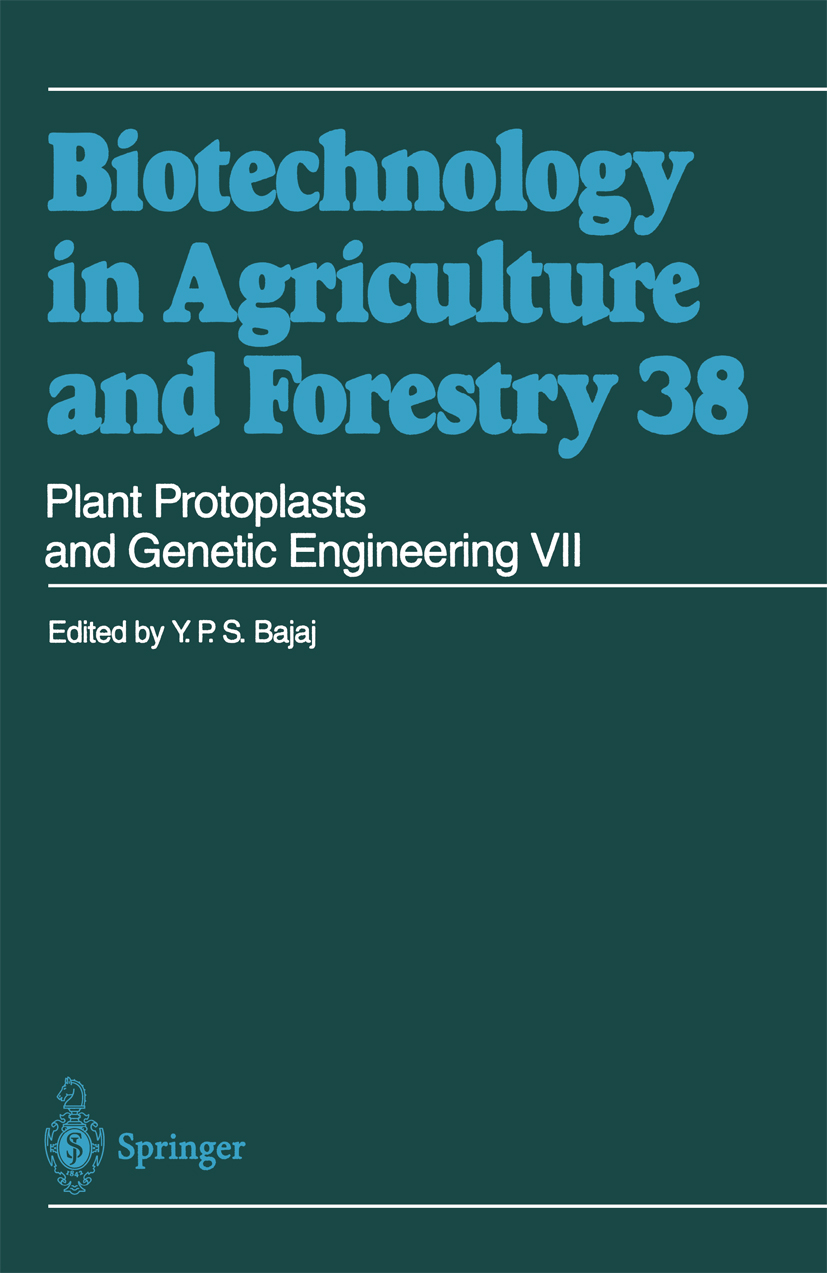
Plant Protoplasts and Genetic Engineering VII Plant protoplasts have proved to be an excellent tool for in vitro manipulation, somatic hybridization, DNA uptake and genetic trans formation, and for the induction of somac1onal variation. These studies reflect the far-reaching impact of protoplast research in agriculture and forest biotechnology. Taking these aspects into consideration, the series of books on Plant Protoplasts and Genetic Engineering provides a survey of the literature, focusing on recent information and the state of the art in protoplast manipulation and genetic transformation. This book, Plant Protoplasts and Genetic Engineering VII, like the previous six volumes published in 1989, 1993, 1994, and 1995, is unique in its approach. It comprises 27 chapters dealing with the regeneration of plants from protoplasts, and genetic transformation in various species of Agrostis, Allium, Anthriscus, Asparagus, Avena, Boehmeria, Carthamus, Coffea, Funaria, Geranium, Ginkgo, Gladiolus, Helianthus, Hordeum, Lilium, Lithospermum, Mentha, Panax, Papaver, Passiflora, Petunia, Physcomi trella, Pinus, Poa, Populus, Rubus, Saintpaulia, and Swertia. This book may be of special interest to advanced students, teachers, and research scientists in the field of plant tissue culture, molecular biology, genetic engineering, plant breeding, and general biotechnology. New Delhi, June 1996 Professor y. P. S. BAJAJ Series Editor Contents Section I Regeneration of Plants from Protoplasts 1. 1 Regeneration of Plantlets from Protoplasts of Allium cepa (Onion) E. E. HANSEN, J. F. HUBSTENBERGER, and G. C. PHILLIPS (With 3 Figures) 1 Introduction . . . . . . . . . . . . . . . . . . . . . . . . . . . . . . . . . . . . 3 2 Protoplast Isolation . . . . . . . . . . . . . . . . . . . . . . . . . . . . . . . 4 3 Protoplast Culture . . . . . . . . . . . . . . . . . . . . . . . . . . . . . . . . 8 4 Regeneration of Plantlets . . . . . . . . . . . . . . . . . . . . . . . . . . . 9 5 Summary. . . . . . . . . . . . . . . . . . . . . . . . . . . . . . . . . . . . . . . TECHNOLOGY & ENGINEERING,Agriculture,General
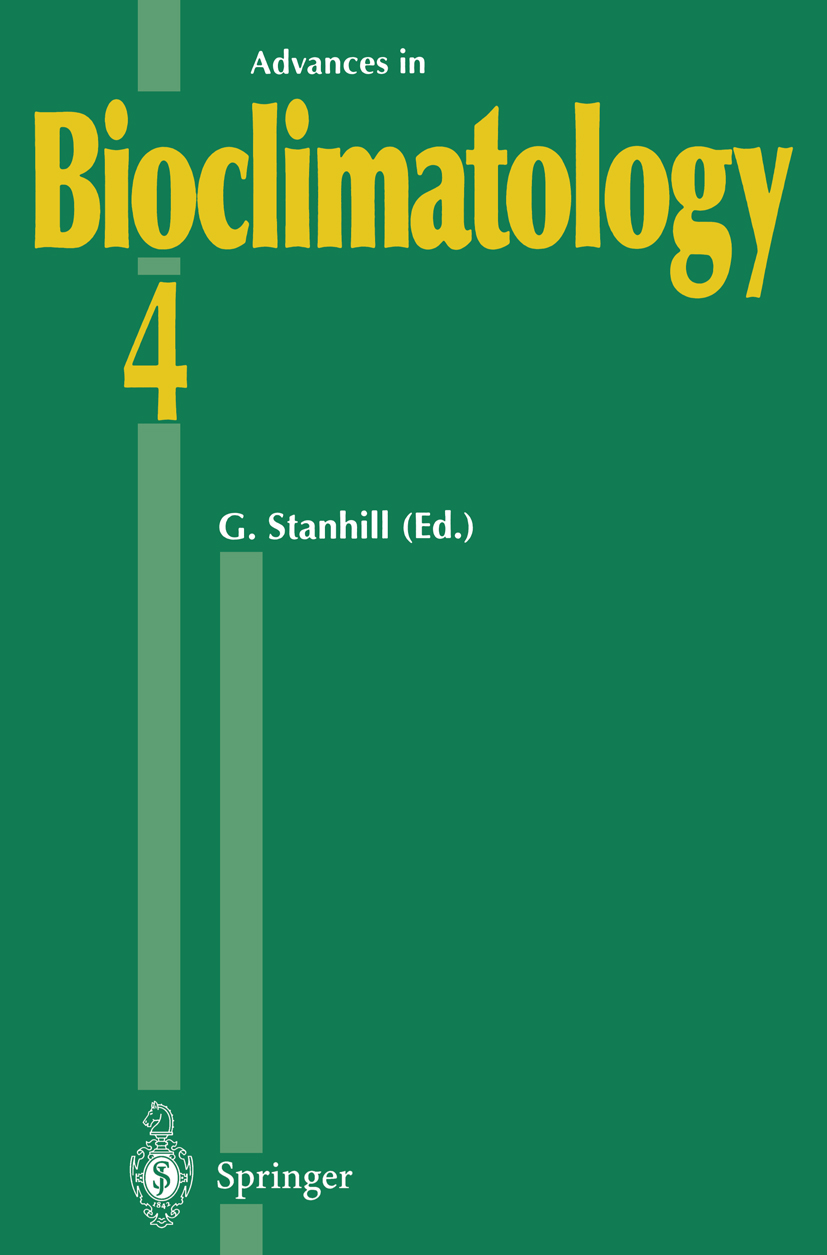
Advances in Bioclimatology_4 This volume contains reviews on five different aspects of bioclimatology: (1) The establishment, maintenance and use of data from automatic weather station networks for agricultural purposes; (2) Techniques for estimating global and ultraviolet irradiance at the earth's surface, and the net radiation balance from operational satellite observations; (3) Mathematical models of the effects of climate on energy and mass balance in crop production; (4) Paleoecological and experimental studies of the response of stomatal density to changes in the atmospheric CO2 concentrations; and (5) The sensory and behavioral responses of insects and other invertebrates to small CO2 gradients resulting from plant and animal metabolism, considering the global changes in CO2 concentration and air temperature. TECHNOLOGY & ENGINEERING,Agriculture,General
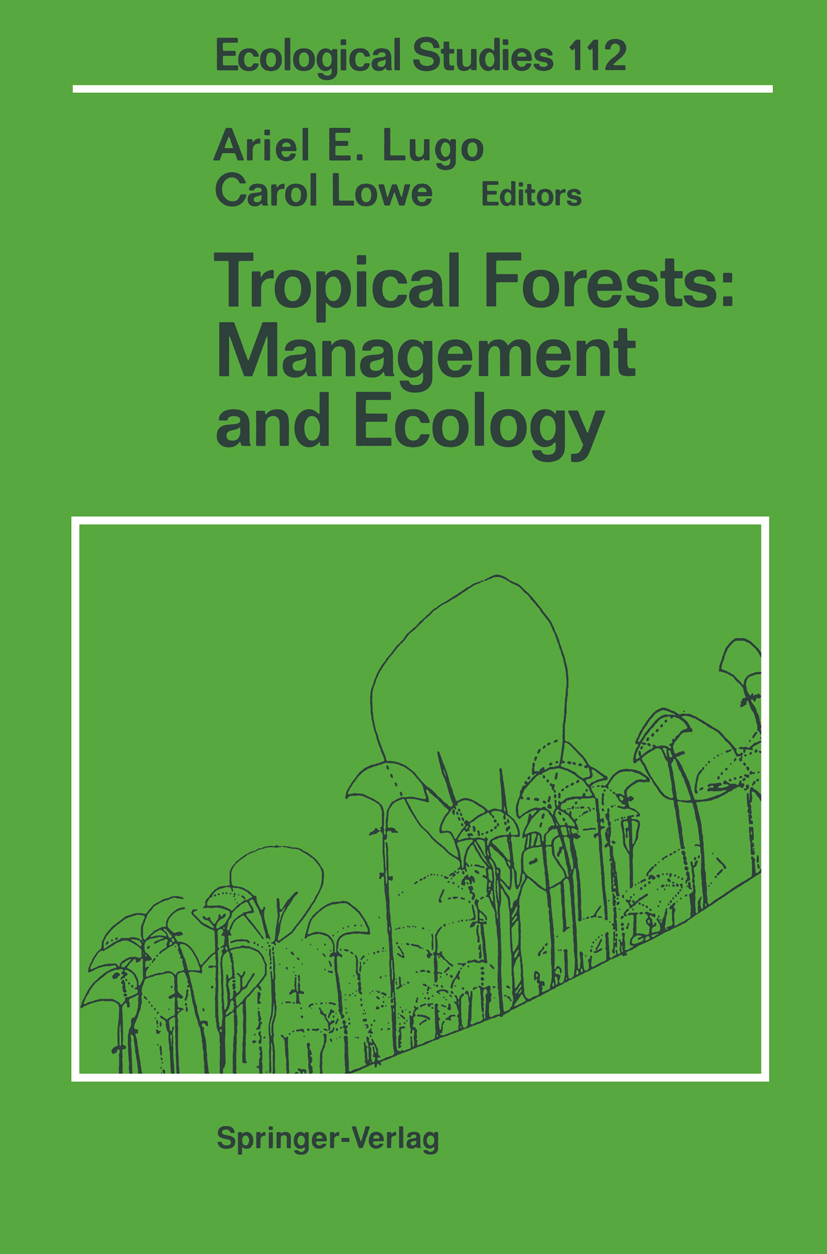
Tropical Forests Forestry professors used to remind students that, whereas physicians bury their mistakes, foresters die before theirs are noticed. But good institutions live longer than the scientists who contribute to building them, and the half-century of work of the USDA Forest Service's Institute of Tropical Forestry (ITF) is in plain view: an unprecedented corpus of accomplishments that would instill pride in any organization. There is scarcely anyone interested in current issues of tropical forestry who would not benefit from a refresher course in ITF's findings: its early collaboration with farmers to establish plantations, its successes in what we now call social forestry, its continuous improvement of nursery practices, its screening trials of native species, its development of wood-processing technologies appropriate for developing countries, its thorough analysis of tropical forest function, and its holistic approach toward conservation of endangered species. Fortunately, ITF has a long history of information exchange through teaching; like many others, I got my own start in tropical forest ecology fromjust such a course in Puerto Rico. And long before politicians recognized the global importance of tropical forestry, the ITF staff served actively as ambassadors of the discipline, visiting tropical coun tries everywhere to learn and, when invited to do so, to help solve local problems. It is a general principle of biogeography that species' turnover rates on islands are higher than those on continents. Inevitably, the same is true of scientists assigned to work on islands. TECHNOLOGY & ENGINEERING,Agriculture,General
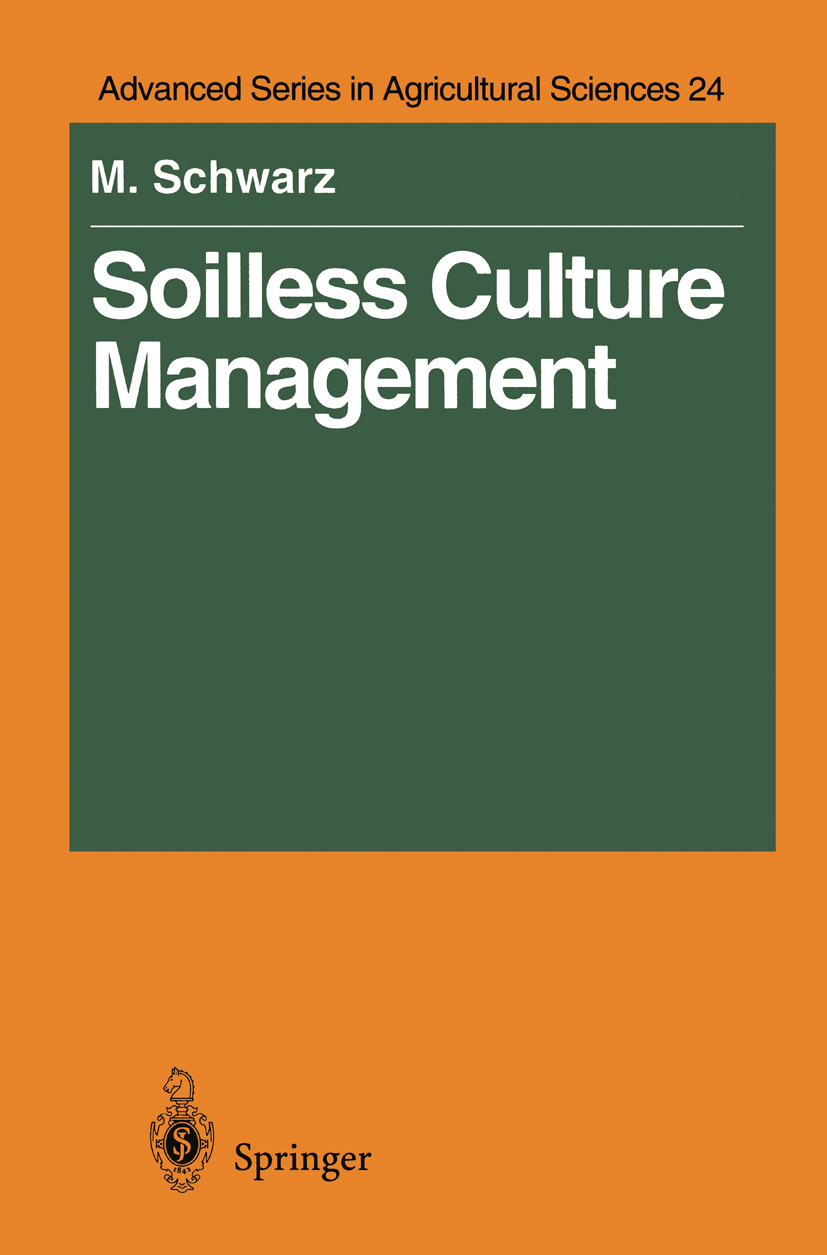
Soilless Culture Management Hydroponics, the method of growing plants without soil, presents a feasible alternative to conventional farming in areas which are short on water supply and limited in agricultural soil.This book will serve as an indispensable guide for students in the agriculture sciences, for agriculture instructors and soilless-culture farmers. It provides up-to-date information on optimal plant nutrition, deficiencies and toxicities of nutrients, plant growth media, optimal root environment, environmental control, carbon dioxide requirements, saline conditions and use of sewage in soilless culture. Other topics include economic aspects of hydroponics, new growth methods and an outlook for the future. TECHNOLOGY & ENGINEERING,Agriculture,General
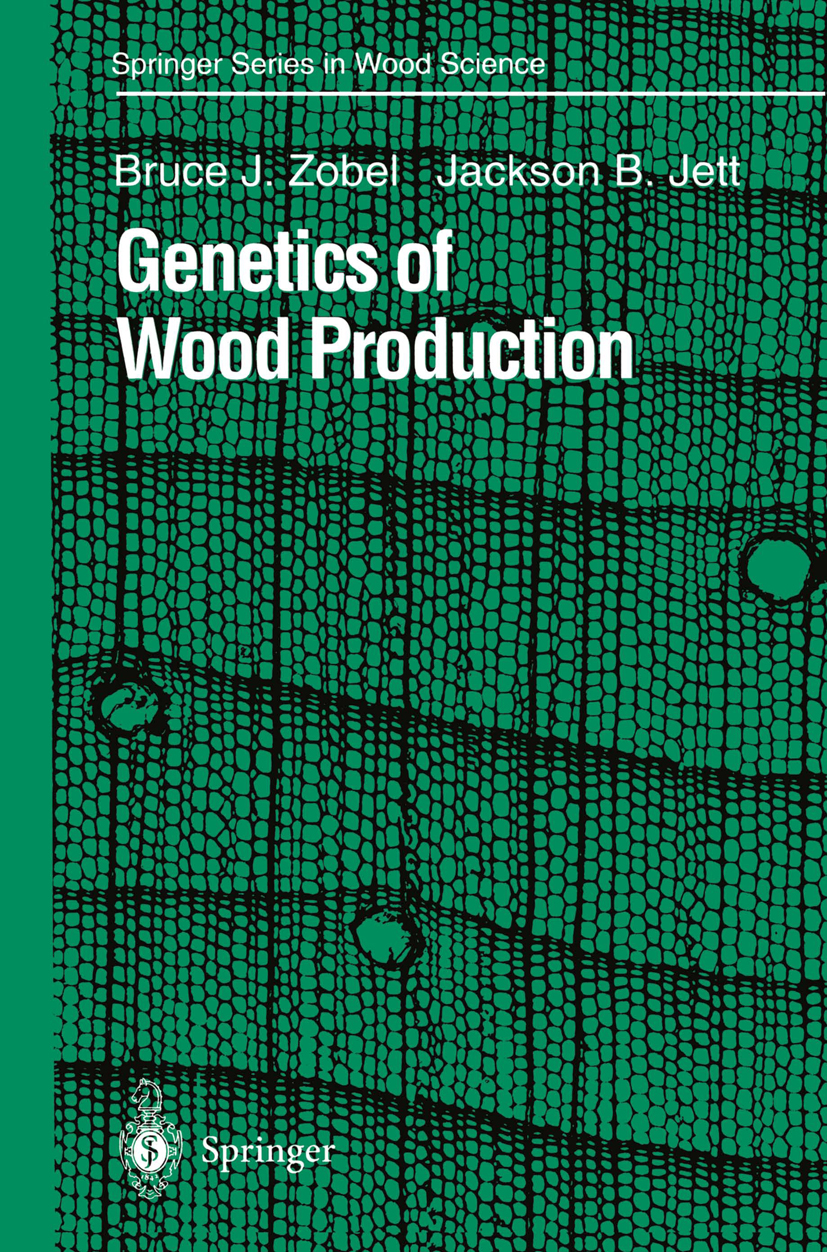
Genetics of Wood Production Over the past years, a great deal has been learned about variation in wood prop erties. Genetic control is a major source of variation in most wood properties. Wood is controlled genetically both directly in the developmental or internal pro cesses of wood formation and indirectly by the control of tree form and growth patterns. Emphasis in this book will be on the internal control of wood production by genetics although there will be two chapters dealing with the indirect genetic control of wood, which was covered in detail in the previous book by Zobel and van Buijtenen (1989). The literature on the genetics of wood is very variable, SO'lle quite superficial, on which little reliance can be placed, and some from well-designed and correctly executed research. When suitable, near the end of each chapter, there will be a summary with the authors' interpretation of the most important information in the chapter. The literature on the genetics of wood can be quite controversial. This is to be expected, since both the environment and its interaction with the genotype of the tree can have a major effect on wood properties, especially when trees of similar genotypes are grown under widely divergent conditions. Adding to the confusion, studies frequently have been designed and analyzed quite differently, resulting in conflicting assessments of results. TECHNOLOGY & ENGINEERING,Agriculture,General
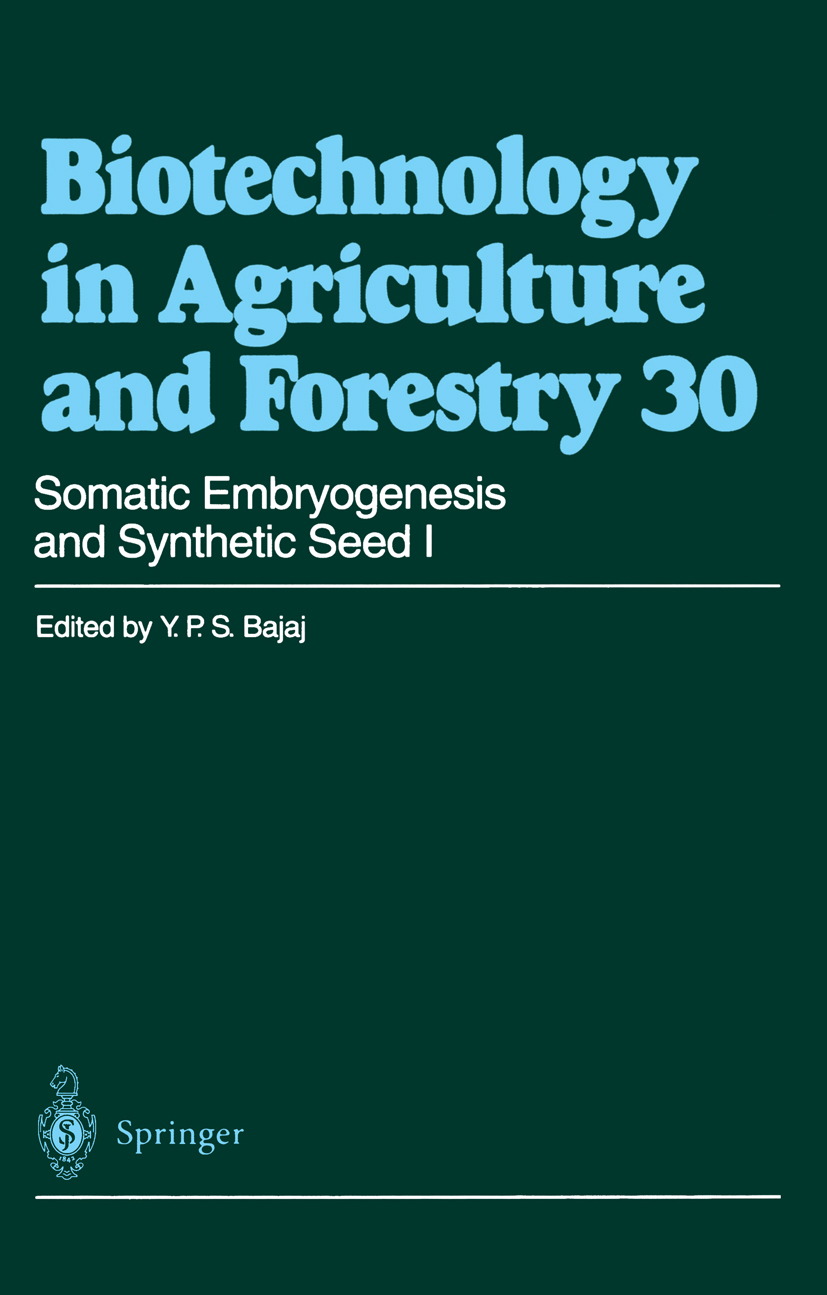
Somatic Embryogenesis and Synthetic Seed I While working in the laboratory of Professor Dr. Jacob Reinert at the Freie Universitat Berlin (1974-1976), I had the opportunity to become deeply involved in studying the intricacies of the fascinating phenomenon of somatic embryogenesis in plant cells and protoplasts. In numerous stimu lating discussions with Professor Reinert on this subject, I was fully convinced that somatic embryogenesis would become one of the most important areas of study, not only regarding basic and fundamental aspects, but also for its application in crop improvement. During the last decade, we have witnessed tremendous interest and achievements in the use of somatic embryos for the production of synthetic seeds, for micro propagation, genetic transformation, cryopreservation, and conservation of germplasm. The en masse production of somatic embryos in the bioreactors has facilitated some of these studies. Somatic embryos have now been induced in more than 300 plant species belonging to a wide range offamilies. It was therefore felt that a compilation ofliterature/state of the art on this subject was necessary. Thus, two volumes on Somatic Embryo genesis and Synthetic Seed have been compiled, which contain 65 chapters contributed by International experts. Somatic Embryogenesis and Synthetic Seed I comprises 31 chapters, arranged in 3 sections: Section I Commitment of the cell to somatic embryogenesis; early events; anatomy; molecular basis; gene expression; role of polyamines; machine vision analysis of somatic embryos. Section II Applications of somatic embryos; technology of synthetic seed; fluid drilling; micropropagation; genetic transfor mation through somatic embryos; cryopreservation. TECHNOLOGY & ENGINEERING,Agriculture,General
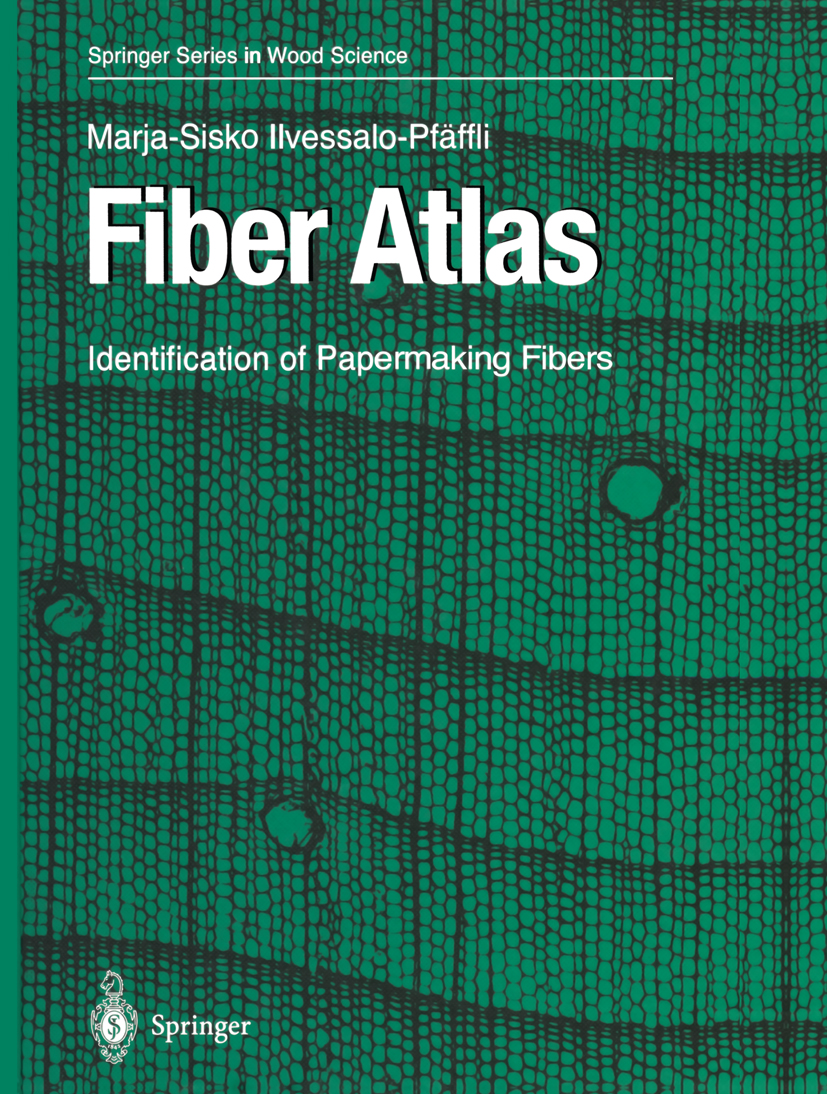
Fiber Atlas This richly-illustrated book presents the information necessary for fiber analysis in the field of pulp and paper. A discussion of raw-material structure and the features used for species identification in pulp is followed up by the description of 117 fiber species. Of these, 83 are wood fibers and 34 are of nonwood origin. The tree species range across all five continents, 29 from Eurasia, 38 from North America and 16 from the southern hemisphere and the tropics. Informative micrographs, identification tables, and distribution maps aid species differentiation, making this atlas ideal for everyone interested in fiber identification. TECHNOLOGY & ENGINEERING,Agriculture,General
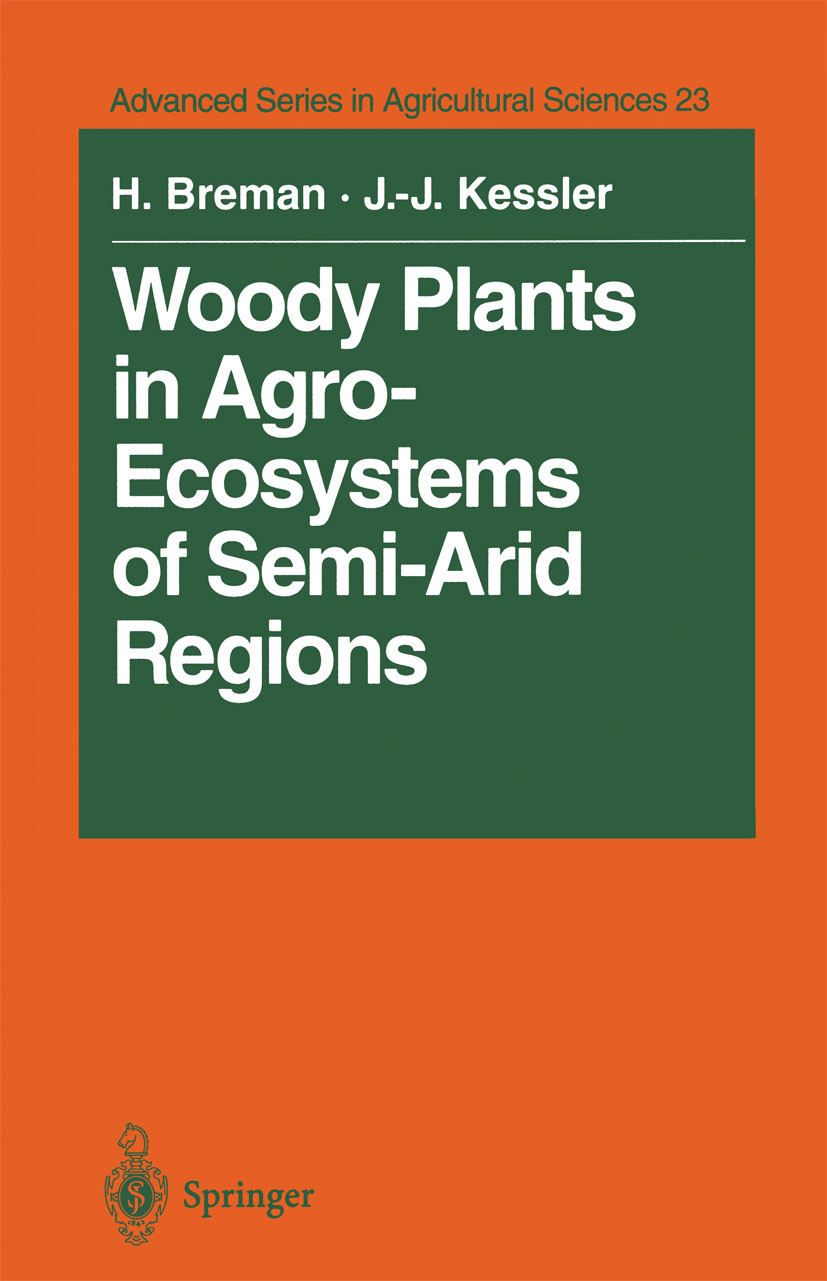
Woody Plants in Agro-Ecosystems of Semi-Arid Regions This book provides a quantitative analysis of the role of woody plants in semi-arid regions, for the aSSessment of their benefits in agrosylvopastoralland-use systems with productive and sus tainability objectives. The insights presented and conclusions drawn allow the additional benefits of woody plants for specific climatic and physical site conditions and land-use systems to be estimated. The Sahel and Sudan zones in West Africa, on which the book focusses, represent resource-poor conditions, whose ecological dynamics have been relatively well studied. The role of woody plants in this region, as assessed in this book, is extrapolated to other semi-arid regions, leading to general conclusions on agroforestry's potential as an option for sustainable land use in semi-arid regions. The origins of this book go back to 1982, when the Club du Sahel requested that available data on woody plants in the Sahel region be synthesised, to provide basic information to enable better attention to be given to woody plants in rural development programmes. We are grateful to the Club du Sahel for this challenge. Various people contributed to studies used in this book. The preliminary inventory of the data available was made by Frits Ohler; later his work was continued by Franciska Dekker. TECHNOLOGY & ENGINEERING,Agriculture,General

Analysis of Pesticides in Ground and Surface Water II Public concern is being increasingly directed to pesticides and their residues in ground and surface waters. Water - one of the necessities of life - has to be kept clean for man and the environment. Part I and II of this book describe in an authoritative way all aspects of modern analysis of pesticides in water by the consequent use of hyphenated techniques like GC-AED or HPLC-MS. TECHNOLOGY & ENGINEERING,Agriculture,General
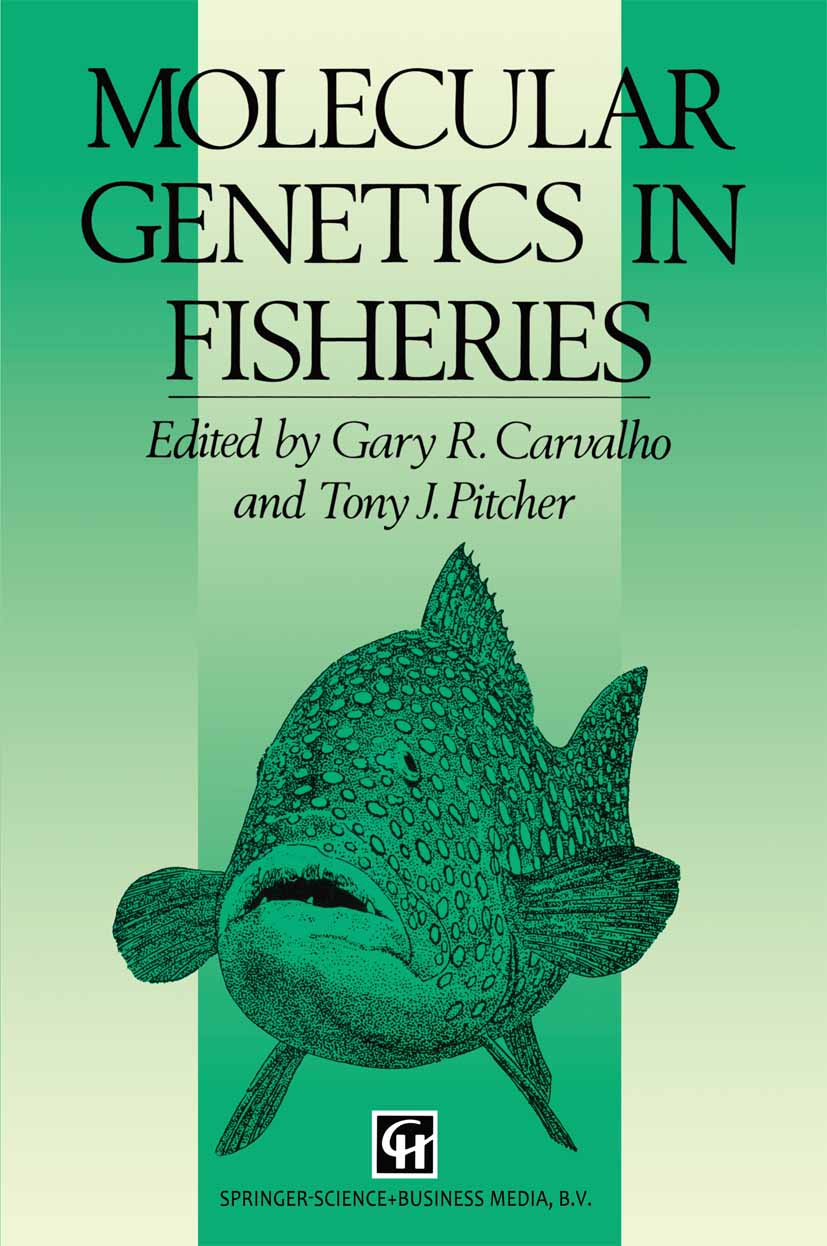
Molecular Genetics in Fisheries The basic principle of all molecular genetic methods is to employ inherited, discrete and stable markers to identify genotypes that characterize individuals, populations or species. Such genetic data can provide information ori the levels and distribution of genetic variability in relation to mating patterns, life history, population size, migration and environment. Although molecular tools have long been employed to address various questions in fisheries biology and management, their contributions to the field are sometimes unclear, and often controversial. Much of the initial impetus for the deployment of molecular markers arose from the desire to assess fish stock structure based on various interpretations of the stock concept. Although such studies have met with varying success, they continue to provide an impetus for the development of increasingly sensitive population discriminators, yielding information that can be valuable for both sustainable exploitation and the conservation of fish populations. In the last major synthesis of the subject, Ryman and Utter (1987) summarized progress and applications, though this was prior to the wide-scale adoption of DNA methodology. New sources of genetic markers and protocols are now available, in particular those that exploit the widely distributed and highly variable repeat sequences of DNA, and the amplification technique of the polymerase chain reaction. TECHNOLOGY & ENGINEERING,Agriculture,General
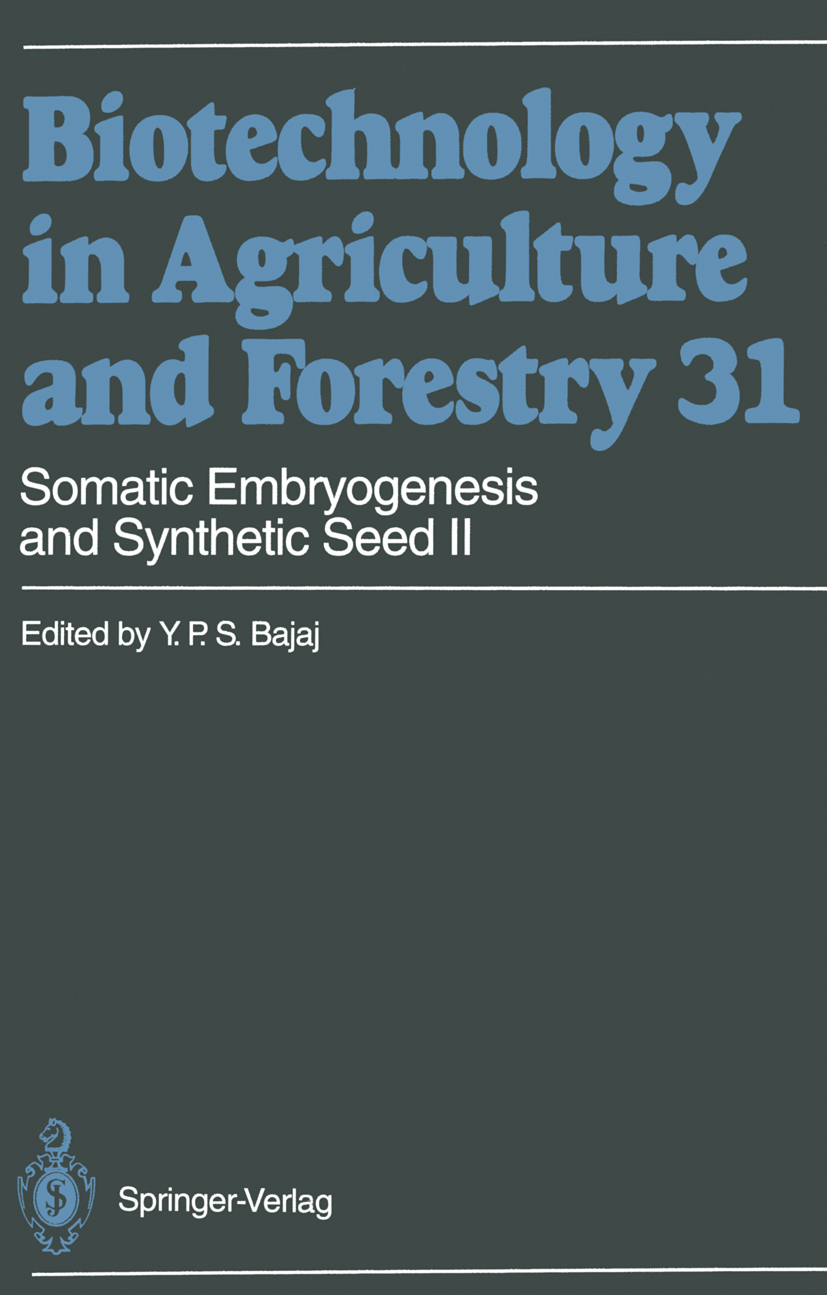
Somatic Embryogenesis and Synthetic Seed II While working in the laboratory of Professor Dr. Jacob Reinert at the Freie Universitat Berlin (1974-1976), I had the opportunity to become deeply involved in studying the intricacies of the fascinating phenomenon of somatic embryogenesis in plant cells and protoplasts. In numerous stimu lating discussions with Professor Reinert on this subject, I was fully convinced that somatic embryogenesis would become one of the most important areas of study, not only regarding basic and fundamental aspects, but also for its application in crop improvement. During the last decade, we have witnessed tremendous interest and achievements in the use of somatic embryos for the production of synthetic seeds, for micro prop a gation, genetic transformation, cryopreservation, and conservation of germplasm. The en masse production of somatic embryos in the bioreactors has facilitated some of these studies. Somatic embryos have now been induced in more than 300 plant species belonging to a wide range offamilies. It was therefore felt that a compilation ofliterature/state of the art on this subject was necessary. Thus, two volumes on Somatic Embryo genesis and Synthetic Seed have been compiled, which contain 65 chapters contributed by International experts. Somatic Embryogenesis and Synthetic Seed I comprises 31 chapters, arranged in 3 sections: Section I Commitment of the cell to somatic embryogenesis; early events; anatomy; molecular basis; gene expression; role of polyamines; machine vision analysis of somatic embryos. Section II Applications of somatic embryos; technology of synthetic seed; fluid drilling; micropropagation; genetic transfor mation through somatic embryos; cryopreservation. TECHNOLOGY & ENGINEERING,Agriculture,General
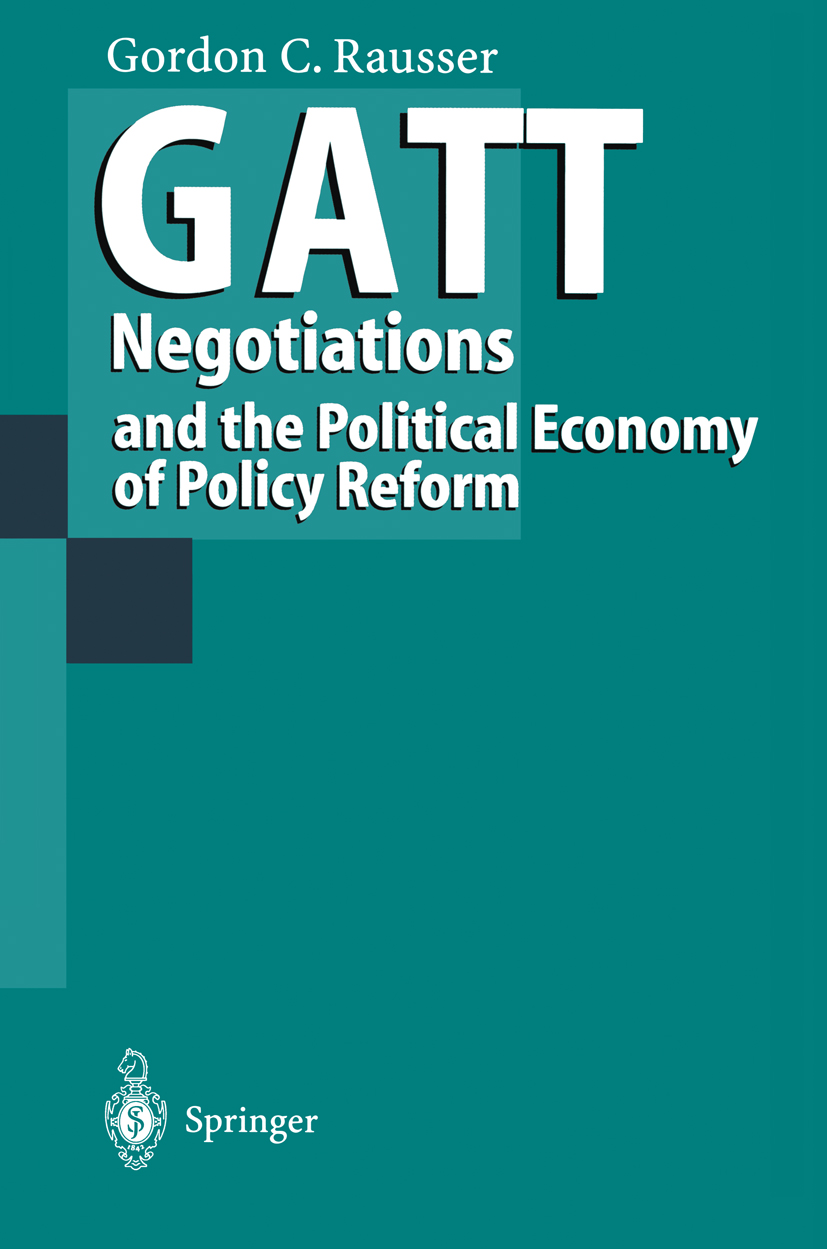
GATT Negotiations and the Political Economy of Policy Reform This volume is dedicated to understanding the political economy obstacles to trade reform, especially global agricultural trade reform, and how these obstacles can be surmounted. The focus is on the trade reform under the GATT negotiations. New political-economic methodologies are used to assess and evaluate the obstacles and original scholarly analyses have been designed to explain why agriculture - among so many topics - became such a significant problem in the most recent Uruguay Round of the GATT. TECHNOLOGY & ENGINEERING,Agriculture,General

Impact of Pesticides on Farmer Health and the Rice Environment The book covers the various aspects of the use of pesticides, their behavior, degradation, and impacts in wetland ricefields, and presents the results of surveys conducted in the Philippines and Thailand. It includes both bibliographic reviews and selected aspects of the experimental results of a research project on pesticide impacts in wetland ricefields. The first phase of the `Pesticide Impact' project was developed in the Philippines from 1989 to 1991. It was a multidisciplinary/collaborative approach involving scientists from IRRI, NRI (England), ORSTOM (France), UPLB (Philippines) who studied the effects of pesticides on the environment and on farmers' health, and the economical aspects of their use. TECHNOLOGY & ENGINEERING,Agriculture,General

Advances in Bioclimatology r-------------{ Environment (Disease) Fig. 1. A schematic presentation of the interplay between the external environment, pathogen and animal, which influences resistance to infectious disease. Disturbance in equilibrium results in infection and disease skin and the mucous membranes of the respiratory tract. These tissues are in contact with the environment, and direct injury to them facilitate entry of pathogenic microorganisms through these important natural barriers. Sunburn and frostbite are examples of such adverse effects. Climatic factors such as heat and cold may also act as physiological stress factors which affect the specific and non-specific responses of the body to infection. 1.1.2 Pathogen Survival Climatic factors may affect dispersal, spread and survival of pathogenic micro organisms in the environment. This is also true for arthropod vectors such as mosquitos and ticks (Smith 1970; Ferguson and Branagan 1972). The density of the animal population is an important factor determining the concentration of patho gens in the environment. Population density can be influenced by weather condi tions, as animals respond to heat and cold by typical changes in behaviour. For example, in cold weather they tend to huddle together. This behaviour results in increased population density, which in turn involves an increased risk of the spread of airborne infections. TECHNOLOGY & ENGINEERING,Agriculture,General

Herbicides Inhibiting Branched-Chain Amino Acid Biosynthesis Chemicals inhibiting the biosynthesis of branched-chain amino acids form a new and promising class of herbicides. This volume discusses in an authoritative way recent developments in this field and covers important aspects of these potent herbicides (synthesis, structure-activity, mode of action, selectivity, weed resistance, metabolism). TECHNOLOGY & ENGINEERING,Agriculture,General
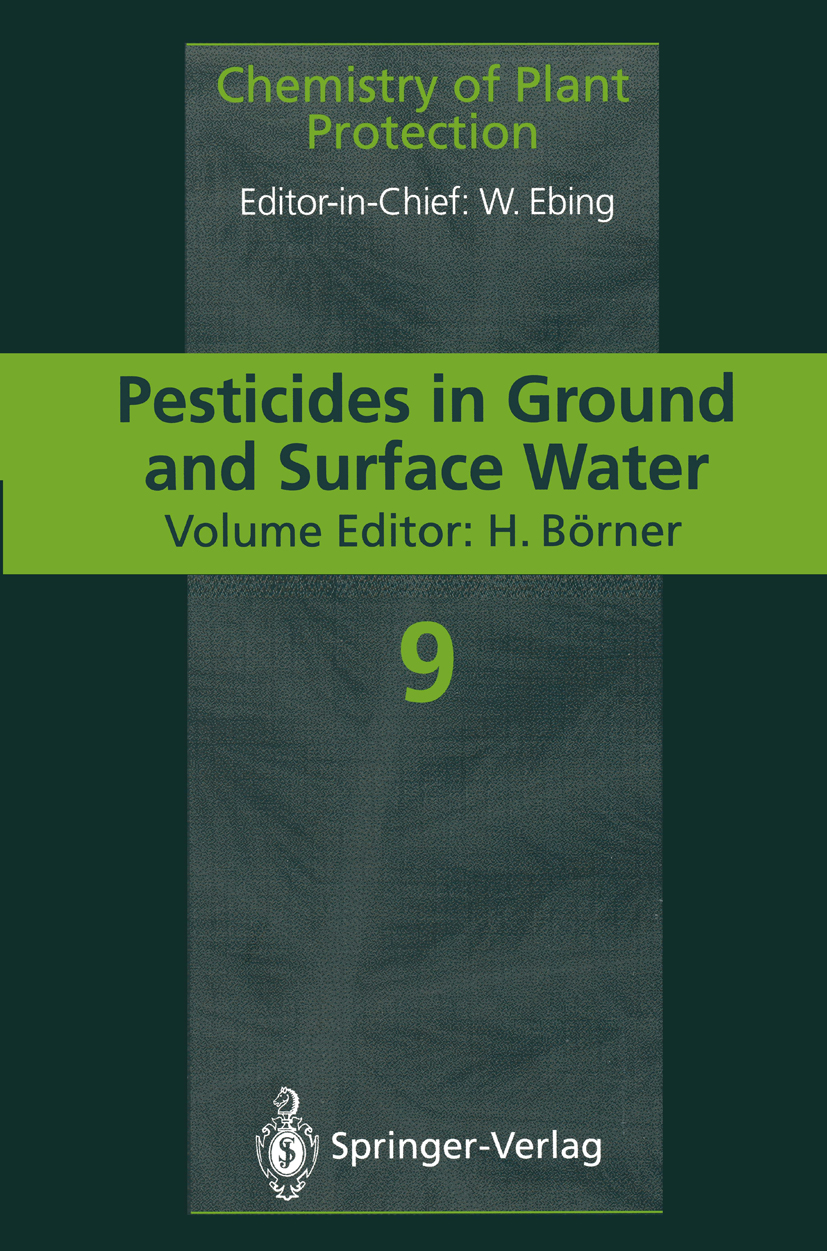
Pesticides in Ground and Surface Water Pesticides in ground, surface and drinking water are a hot topic under continuing discussion. This complete and authoritative volume draws together information on all key issues on the fate and behaviour of pesticides in water systems. The scope of the practice-oriented contributions and the eminence of contributing authors make it an important source for researchers and practitioners in the plant protection and crop science field. TECHNOLOGY & ENGINEERING,Agriculture,General
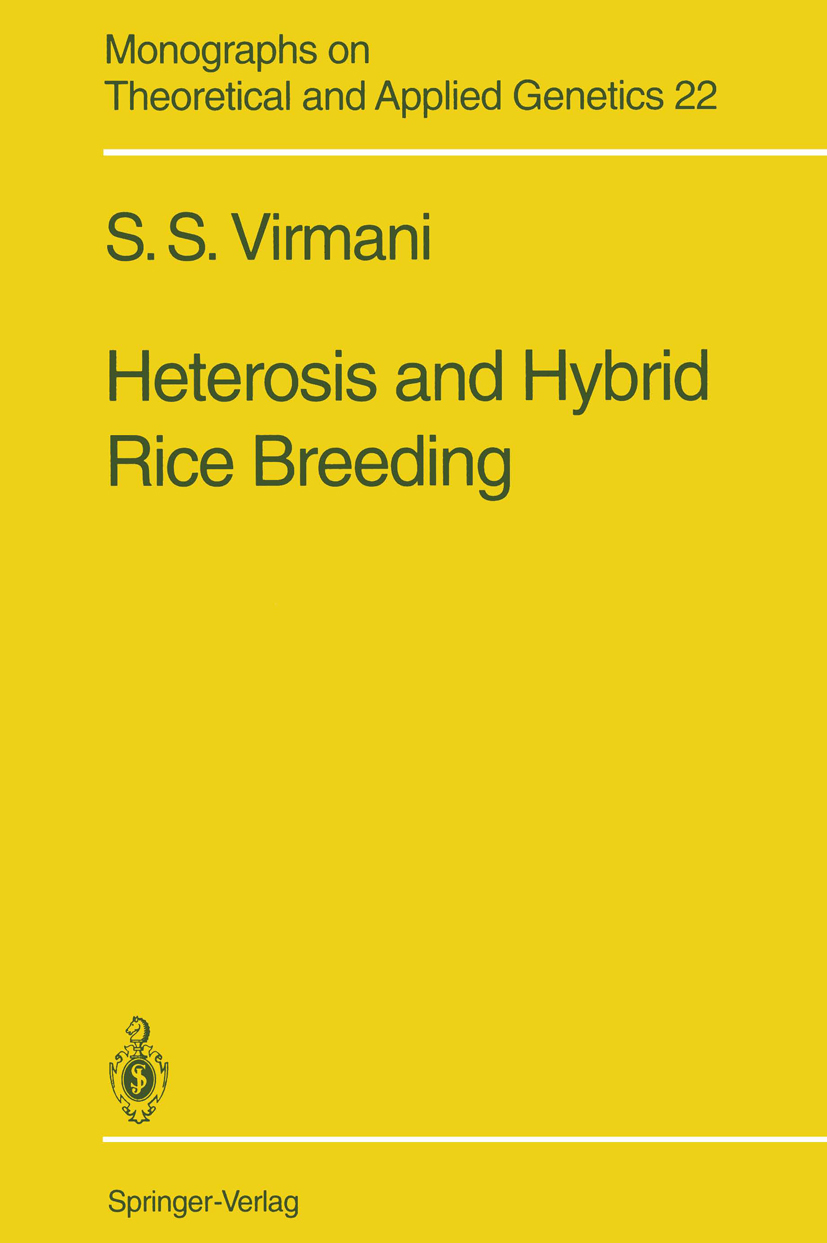
Heterosis and Hybrid Rice Breeding Rice is the most important food crop of the developing world and the demand for it is growing. Provided here is a concise account of hybrid breeding in rice, a newly deployed breeding approach to increase the yield. Research on heterosis, male sterility systems, outcrossing mechanisms, disease/insect management, and grain quality considerations in hybrid rice are reviewed. The book contains a wealth of useful information for practicing hybrid rice breeders, seed producers, researchers, and students of plant breeding. TECHNOLOGY & ENGINEERING,Agriculture,General

Long-Term Experiments with Acid Rain in Norwegian Forest Ecosystems Acid rain is a serious international environmental problem. Scandinavian forests have suffered especially severe damage, and have been the focus of considerable research on the causes and impacts of atmospheric pollution. This book presents the results of long-term studies on acid rain in Norwegian forests. This research examined soil chemistry and biology; the impacts of acid rain on tree growth and nutrition; and its influence on ground vegetation, fungi, and seedling germination and development. Long-Term Experiments with Acid Rain in Norwegian Forest Ecosystems is a lasting contribution to the literature on acid precipitation, and will be of interest to researchers in ecology, air pollution, forestry and environmental chemistry. TECHNOLOGY & ENGINEERING,Agriculture,General
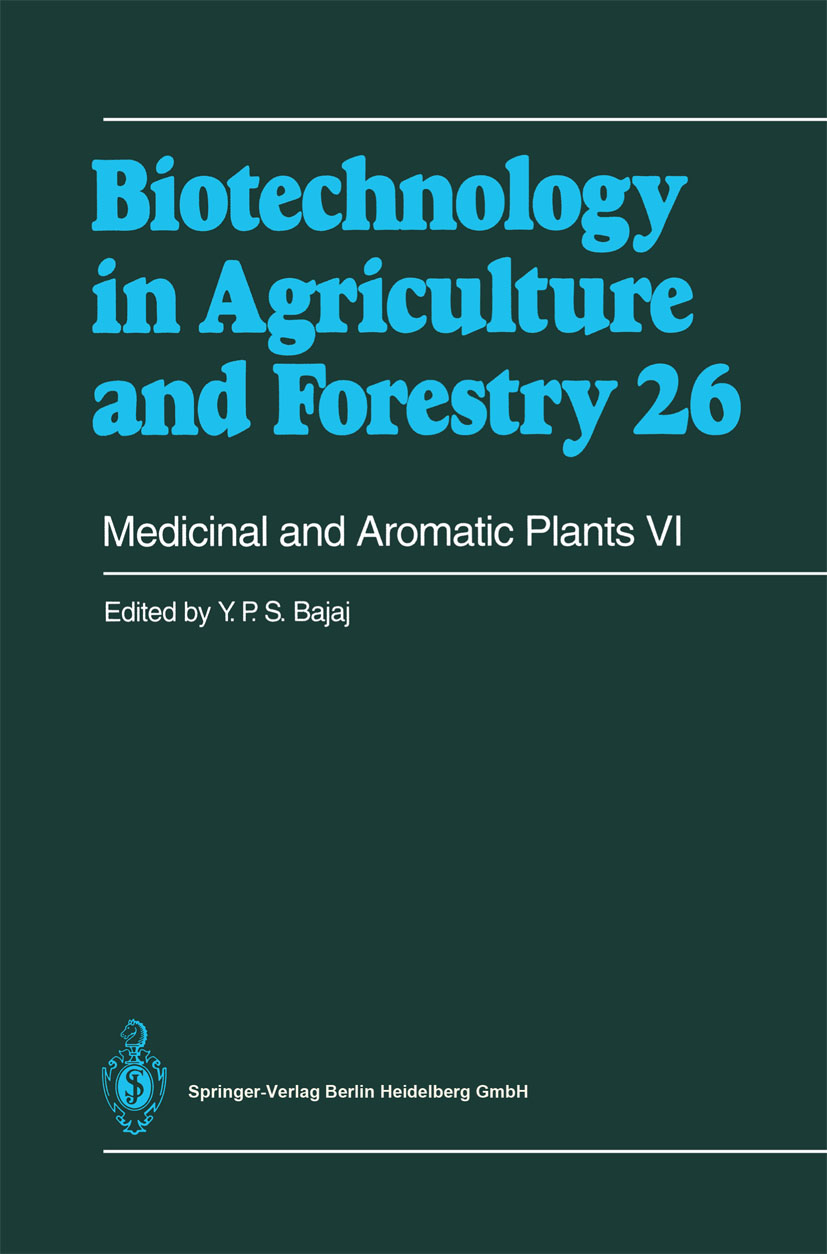
Medicinal and Aromatic Plants VI 27 chapters cover the distribution, economic importance,conventional propagation, micropropagation, tissue culturestudies, and in vitro production of important medicinal andother pharmaceutical compounds in various species ofAnchusa, Brucea, Catharanthus, Chrysanthemum, Coleus,Corydalis, Coreopsis, Emilia, Ginkgo, Gloriosa, Hypericum,Inonotus, Leucosceptrum, Lilium, Linum, Mosses, Nandina,Penstemon, Prunus, Pteridium, Quassia, Ribes, Senecio,Taraxacum, Thermopsis, Vanilla, and Vitiveria.Like the previous five volumes on medicinal and aromaticplants (Volumes 4, 7, 15, 21, and 24), this book contains awealth of useful information for advanced students andresearchers in the field of plant biotechnology and chemicalengineering, pharmacy, botany and tissue culture. TECHNOLOGY & ENGINEERING,Agriculture,General
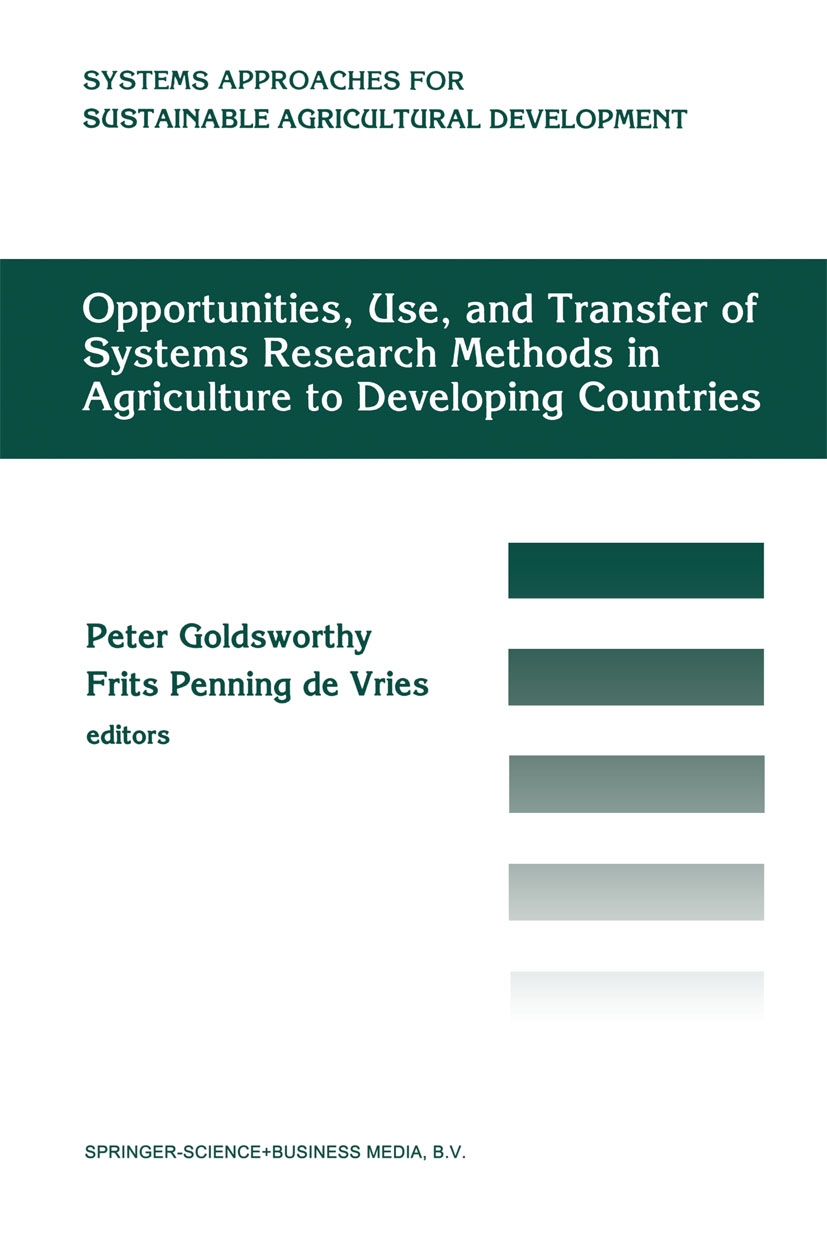
Opportunities, use, and transfer of systems research methods in agriculture to developing countries In December 1993, ISNAR, in collaboration with International Consortium for Application of Systems Approaches, organized a three-day workshop on systems approaches and modelling for agricultural development. Sponsored by the Dutch Ministry for Development Cooperation, the workshop was attended by participants from 12 national agricultural research systems (NARS), nine international agricul tural research centers (lARCs), and five advanced research organizations (AROs). Although application of systems approaches in agricultural research and resource management is a rather new field, there is already increasing demand for implemen tation of these approaches. This will require a critical mass of specialists in the NARS and IARCs. Before this critical mass can be obtained, however, the experience that has been gained in this area needs to be evaluated, further possibilities need to be explored, and new objectives and targets need to be set. This book, which contains the papers presented at the workshop, assesses the state of the art of systems approaches in agricultural research, resource management, and rural planning. It also gives an impression of the evolution of this interdisciplinary field and its use in national and international research centers. Another, less tangible, outcome of the workshop was its contribution toward strengthening the network of NARS, lARCs, and AROs. It gave participants and organizers a chance to develop contacts, and provided an opportunity to make the first proposals for collaborative programs. Special thanks are due to Peter Goldsworthy and Luc Boerboom for their crucial role in making the workshop a success in this regard. TECHNOLOGY & ENGINEERING,Agriculture,General

Handbook for Rhizobia Rhizobia are bacteria which inhabit the roots of plants in the pea family and "fix" atmospheric nitrogen for plant growth. They are thus of enormous economic importance internationally and the subject of intense research interest. Handbook for Rhizobia is a monumental book of practical methods for working with these bacteria and their plant hosts. Topics include the general microbiological properties of rhizobia and their identification, their potential as symbionts, methods for inoculating rhizobia onto plants, and molecular genetics methods for Rhizobium in the laboratory. The book will be invaluable to Rhizobium scientists, soil microbiologists, field and laboratory researchers at agricultural research centers, agronomists, and crop scientists. TECHNOLOGY & ENGINEERING,Agriculture,General
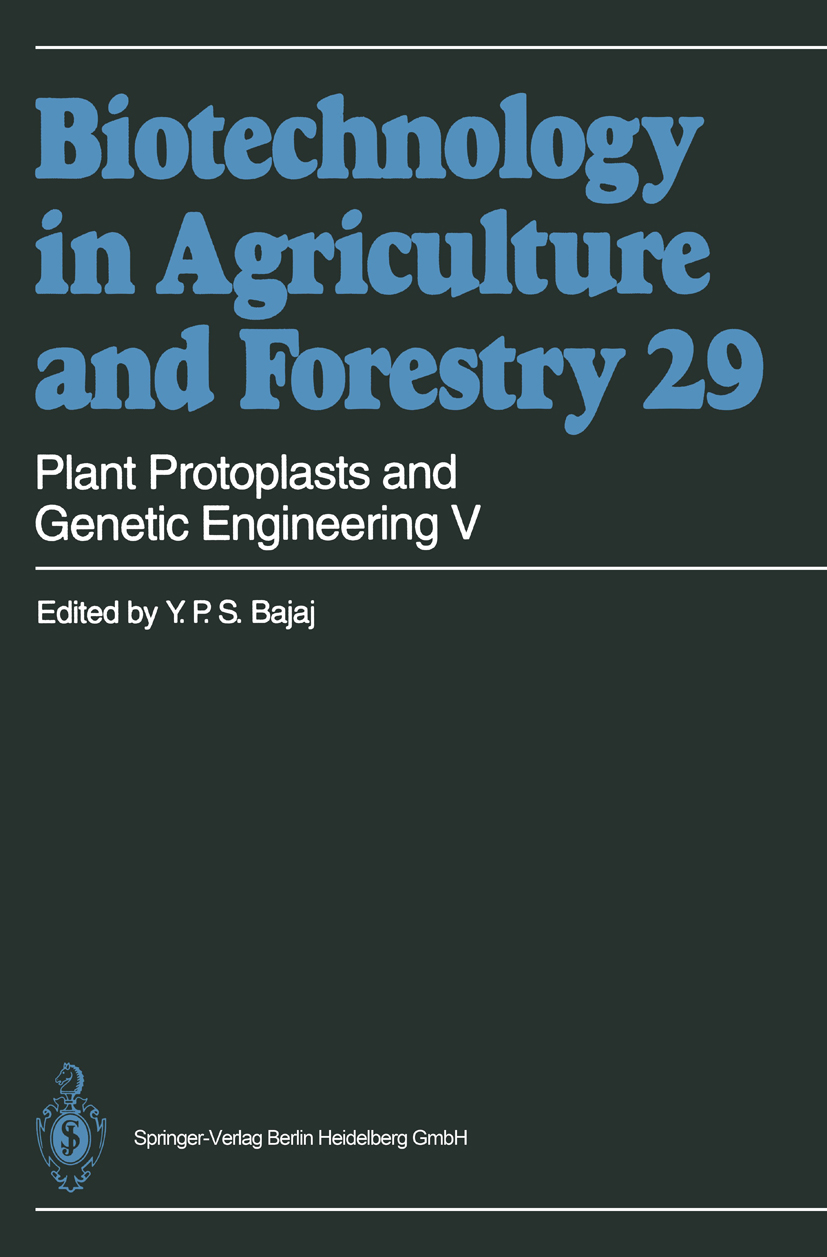
Plant Protoplasts and Genetic Engineering V In continuation of Volumes 8, 9, 22, and 23, this new volume deals with the regeneration of plants from isolated protoplasts and genetic transformation in various species of Actinidia, Allocasuarina, Anthurium, Antirrhinum, Asparagus, Beta, Brassica, Carica, Casuarina, Cyphomandra, Eucalyptus, Ipomoea, Larix, Limonium, Liriodendron, Malus, Musa, Physcomitrella, Physalis, Picea, Rosa, Tagetes, Triticum, and Ulmus. These studies reflect the far-reaching implications of protoplast technology in genetic engineering of plants. The book contains a wealth of useful information for advanced students, teachers, and researchers in the field of plant tissue culture, molecular biology, genetic engineering, plant breeding, and general biotechnology. TECHNOLOGY & ENGINEERING,Agriculture,General

Management of Water Use in Agriculture As the world population increases, there is increasingcompetition for waterquantity as well as quality.Provided here is an up-to-date perspective on AvailableWater Resources (Part I), Water Conservation and TechnologyinAgricultural Systems (Part II), Problem Water Uses andTreatment (Part III),and Management and Policy Evaluation(Part IV).The book is an invaluable source of information for waterresource planners, managers and policy makers, researchersand students, and irrigationists. TECHNOLOGY & ENGINEERING,Agriculture,General
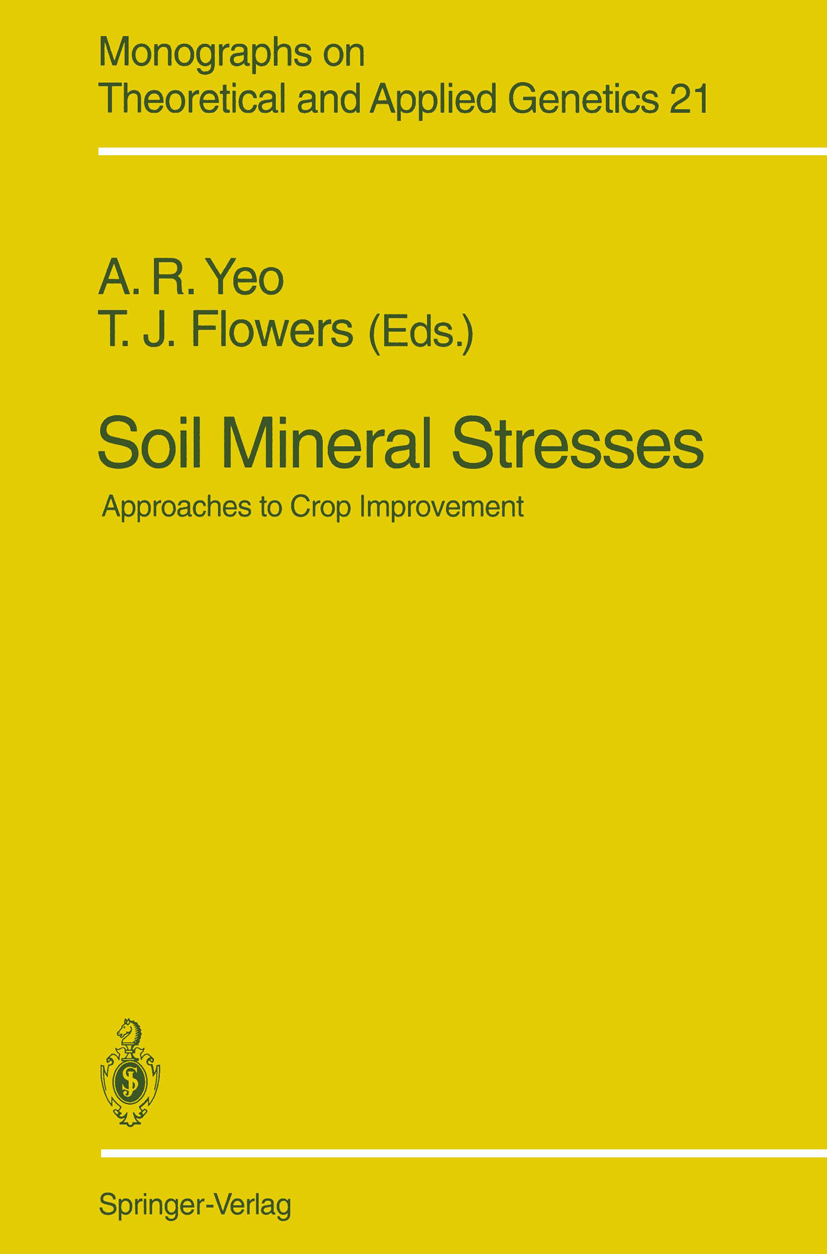
Soil Mineral Stresses Thisbookisconcernedwiththewaysinwhichcropsmightbedevelopedfor soilsthatare,atthepresent,agriculturallyunproductivebecauseofexcesses and/ordeficienciesofcertainminerals. Wehaveconcentratedonsoils,rather thanonenvironmentalconditionsthatlimitproductivity,sincetherehavebeen anumberofrecenttextsdealingwithtopicssuchasdroughtandtemperature. Theaimisthatthoseworkingtoderivecropsforgrowthonthese"problem" soilsshouldbeawareofthemanydiverseavenuesthatareavailable. These comefromthedisciplinesofplantbreeding,geneticsandphysiology,andthe interfacesthataredevelopingbetweenthem. Thebackground,therequirementstofeedtheprojectedincreaseinhuman population,issetoutintheintroductorychapter. Thenextfivechaptersthen dealwiththeapproachestocropimprovement:themeritsofaconventional breedingprogramme,theimportanceofphysiologicalcharactersinmaking selections,theuseofinvitrotechniques,ofcytogenetics,andthevalueof developingnativeplantsintocropsintheirownright. Althoughsalinityisoften usedasanexample,reflectingtheresearchinterestsofmanyoftheauthors,the methodsandapproachesdescribedhavemuchwiderapplicability. Twochap tersarethenconcernedmorespecificallywithbreedingfortolerancetoother metaltoxicitiesandwithdeficienciesandtoxicitiesofmicronutrients. Finally,in theconcludingchapter,wesummariseandfindcommongroundbetweenthe differentapproachesandpointsofview. Brighton,April1994 ANTHONYR. YEO TIMOTHY J. FLOWERS Contents Chapter1 Introduction:WorldPopulationandAgriculturalProductivity T. 1. Flowers 1. 1 HowManyPeopleAreThere? . 1 1. 2 AgriculturalRequirements. . 2 1. 2. 1 FoodRequirements. . . . . . . . . . . 2 1. 2. 2 FoodSupply. . . . . . . . . . . . . . . 4 1. 3 Population-CarryingCapacity. . . . . . . . . . . . . . . 5 1. 4 HowMuchLandIsThere? . 6 1. 5 IncreasingFoodProduction . 7 References. . . . . . . . . . . . . . . . . . . . . . . . . . . . . 9 Chapter2 ConventionalPlantBreedingforTolerancetoProblemSoils C. N. ChaubeyandD. Senadhira 2. 1 ScreeningTechniques . 11 2. 2 VariabilityinToleranceforSoilStresses . 14 Rice . 15 2. 2. 1 2. 3 GeneticsofToleranceforSoilStresses. . . . . . . . . . . . 16 19 2. 3. 1 GeneLocationandLinkages. . . . . . . . . . . . . . . . . . CorrelatedChanges. . . . . . . . . . . . . . . . . . . . . . . 20 2. 3. 2 2. 4 Crop-Improvement . 21 2. 4. 1 Introduction. . . . . . . . . . . . . . . . . . . . . . . . . . 21 2. 4. 2 PureLineandMassSelection. . . . . . . . . . . 21 2. 4. 3 HybridisationandSelection. 23 2. 4. 3. 1 PedigreeMethod. . . . . . . 23 2. 4. 3. 2 BulkMethod. . . . . . . . . 23 BackcrossBreeding. . . . . . 2. 4. 3. 3 26 2. 4. 3. 4 RecurrentSelection. . . . . . . . . . . . . . . . . . . . . . . . 26 2. 4. 3. 5 RapidGenerationAdvanceProcedures. . . . . . . . . . . . 27 2. 4. 4 MutationBreeding. . . 28 2. 4. 5 PolyploidBreeding. 28 2. 4. 6 HeterosisBreeding. 29 2. 5 Summary. . . . 29 References. . . . . . 29 VIII Contents Chapter3 PhysiologicalCriteriainScreeningandBreeding A. R. Yeo 3. 1 Introduction. . . . . . . . . . . . . . . . . . . . . . . . . . . . 37 3. 2 ReasonsfortheUseofPhysiologicalSelection . 38 3. 2. 1 TheComplexityofTolerance. . . . . . . . . . 38 3. 2. 2 ImportingTolerancefromWildRelatives . 39 3. 2. 3 MeasuringStressTolerance . 40 3. 2. 4 InteractionBetweenEnvironmentalStresses. . . . . . . . . 42 3. 2. 5 LimitationstotheUseofYieldasaSelectionCriterion. . . 42 3. 3 Salinity . 43 3. 3. 1 BasicProblems. . . . . . . . . . . . . . . . . . . . 43 SaltExclusion. . . . . . . . . . . . . . . . . . . . . . 44 3. 3. 2 3. 3. 3 ConditionsRequiringOsmoticAdjustment. . 45 3. 3. 4 CharacteristicsNeededinSalt-TolerantPlants . 46 3. 3. 4. 1 ControlofSaltUptake. . . . . . . . . . . . . . . . . . . TECHNOLOGY & ENGINEERING,Agriculture,General

Forest Decline in the Atlantic and Pacific Region Forest damage, forest decline, forest dieback - not related to biotic agents - is occurring in the Atlantic and Pacific regions. In Europe and Eastern North America this serious problem is considered to be, at least to some part, related to industrial air pollutants and their atmospheric conversion products, such as acid rain or ozone. Forest declines in the Pacific region have been attributed largely to natural causes involving forest dynamics, since air pollution and other negative anthropogenic influences are practically absent. Presented here are typical decline phenomena in the Pacific and Atlantic region, potential causes, effects and mitigation strategies, and the question whether there are any similarities on a functional or structural basis is addressed. TECHNOLOGY & ENGINEERING,Agriculture,General
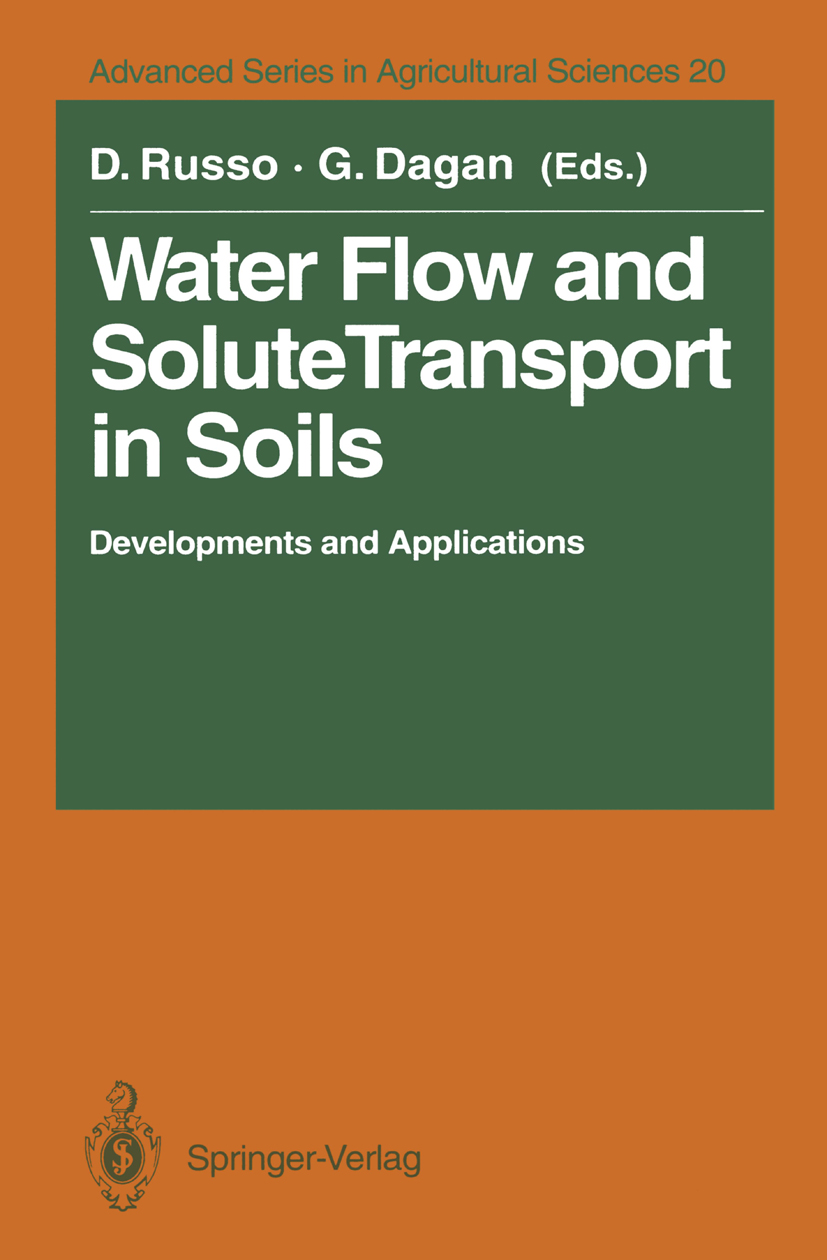
Water Flow and Solute Transport in Soils A year has passed since Eshel Bresler, my good friend and colleague, and a member of the editorial board of the Advanced Series in Agricultural Sciences, died suddenly while on a visit to the Chinese Academy of Sciences in Beijing. We had worked together for almost 30 years at the Institute of Soils and Water, ARO, The Volcani Center at Bet Dagan. At the very beginning of our scientific careers we cooperated directly and as a result one of our first publications was coauthored (Soil Sci. 101:205-209, 1966). Thereafter, our specific research interests diver sified, but we continued to work together, with similar approaches to research, and to strive towards the development of Israel soil science and its integration into general worldwide scientific progress. I don't need to emphasize Eshel's contribution to the understan ding of the processes governing water flow and solute transport pro cesses in soils and unsaturated zones. The contributions to this Volume by such a body of outstanding scientists shows the apprecia tion of the international scientific community to his research achievements. TECHNOLOGY & ENGINEERING,Agriculture,General
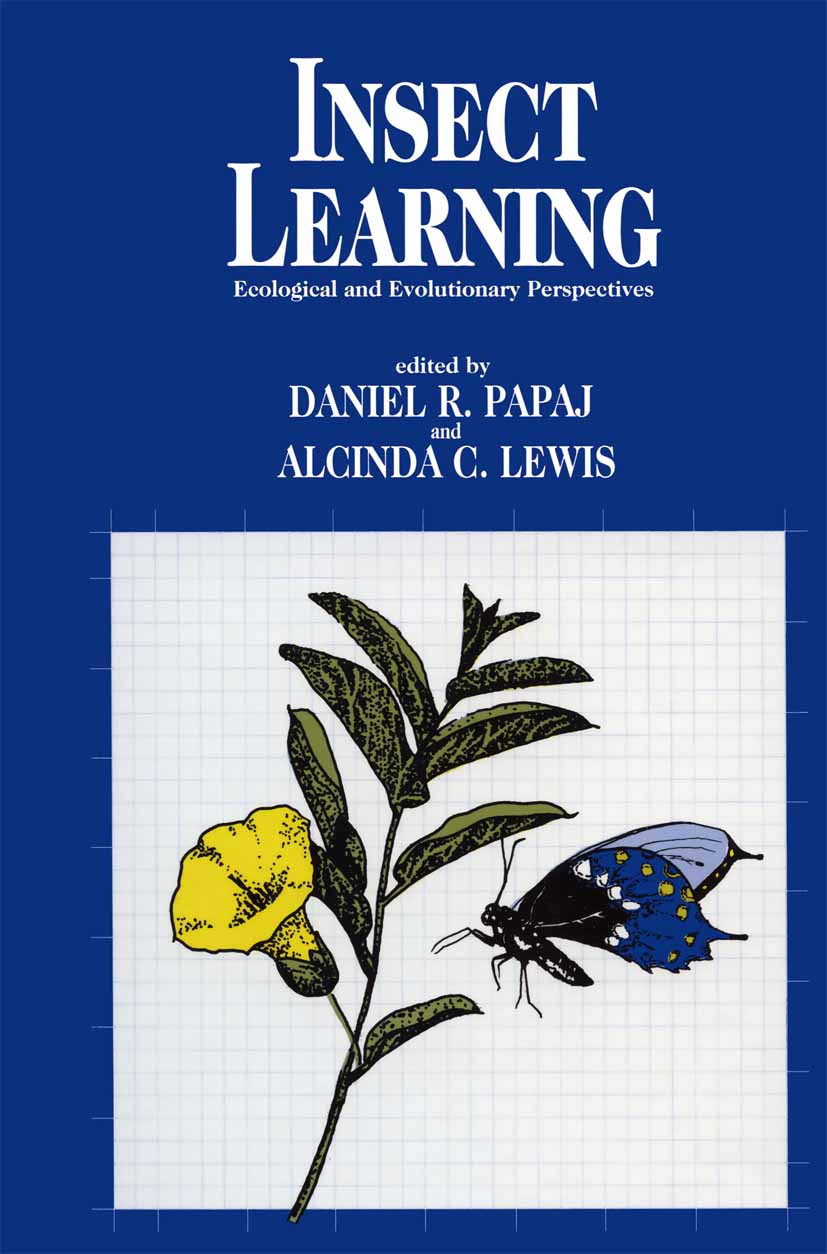
Insect Learning Insect Learning is a comprehensive review of a new field. Until recently, insects were viewed as rigidly programmed automatons; now, however, it is recognized that they can learn and that their behavior is plastic. This fundamental change in viewpoint is causing a re-examination of all aspects of the relationship between insects and their environment. This change in perspective is occurring at a time of heightened interest in brain function in both vertebrates and invertebrates. Insects potentially play a major role in this expanding area. Because of their experimental tractability and genetic diversity, they provide unique opportunities for testing hypotheses on the ecology and evolution of learning. As organisms of economic importance, they are perennial objects of research by both basic and applied scientists. Insect Learning covers both social and non-social insects from multiple perspectives. The book covers mechanisms; syntheses of work on physiology, behavior, and ecology; and micro- and macroevolution. The concluding section discusses future directions for research, including applications to pest management. TECHNOLOGY & ENGINEERING,Agriculture,General
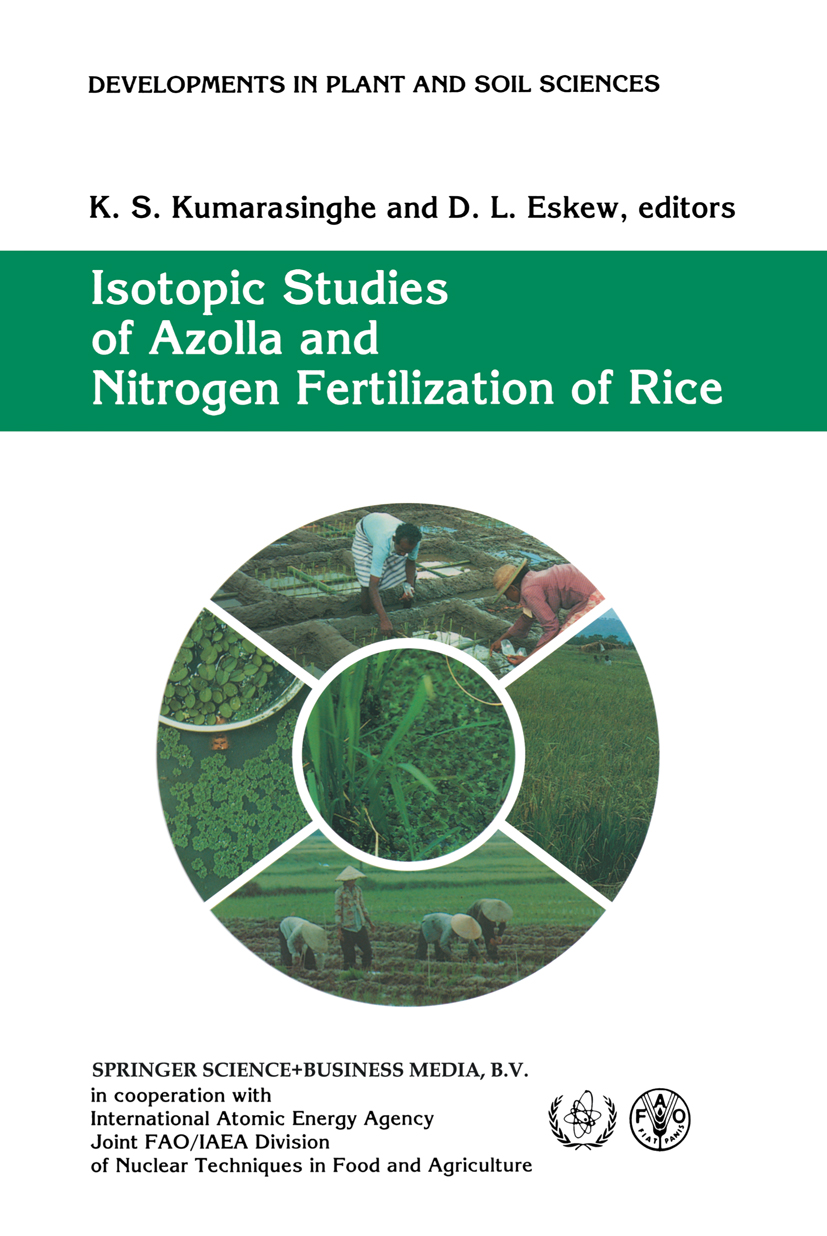
Isotopic Studies of Azolla and Nitrogen Fertilization of Rice Report of an FAO/IAEA/SIDA Coordinated Research Programme on Isotopic Studies of Nitrogen Fixation and Nitrogen Cycling by Blue-Green Algae and Azolla TECHNOLOGY & ENGINEERING,Agriculture,General
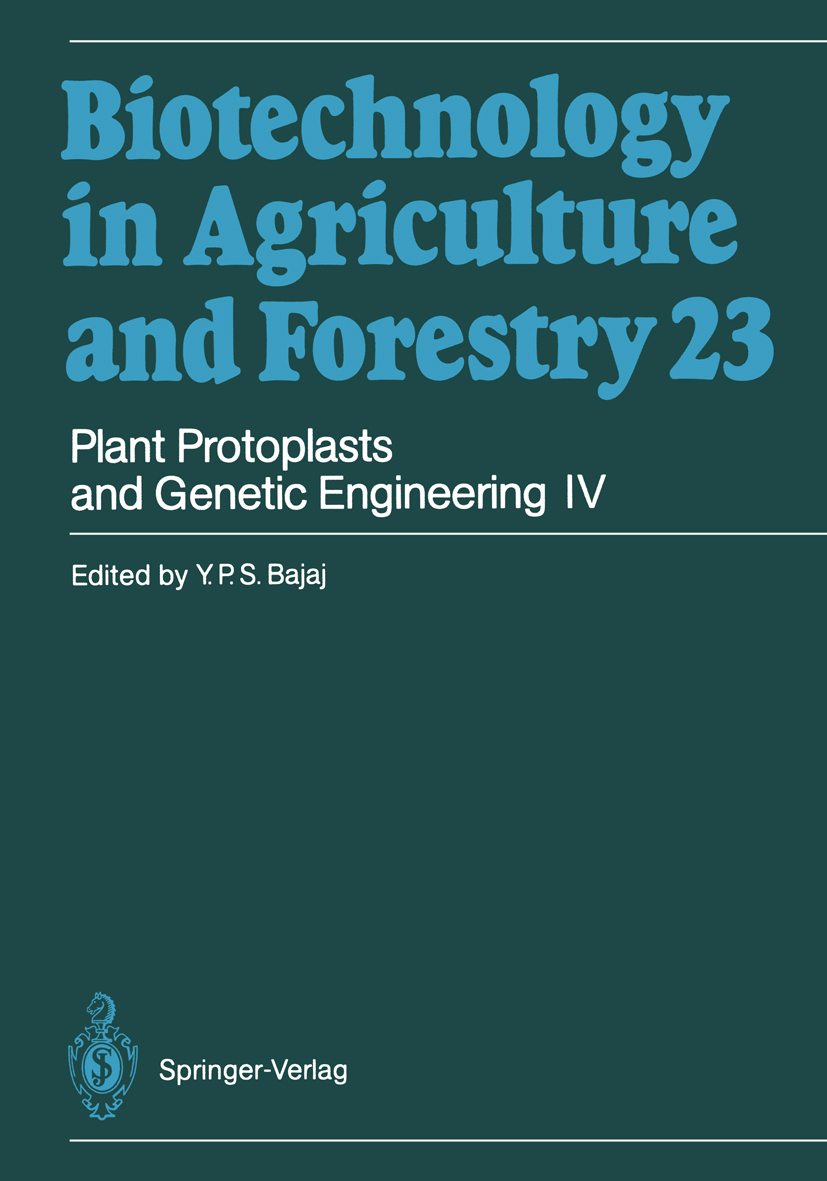
Plant Protoplasts and Genetic Engineering IV In continuation of Volumes 8, 9, and 22 on in vitromanipulation of plant protplasts, this new volume deals withthe regeneration of plants from protoplasts and genetictransformation in various species of Actinidia, Amoracia,Beta, Brassica, Cicer, Citrus, Cucumis, Duboisia, Fragaria,Glycine, Ipomoea, Lactuca, Lotus, Lycopersicon, Manihot,Medicago, Nicotiana, Petunia, Phaseolus, Pisum, Prunus,Psophocarpus, Saccharum, Solanum, Sorghum, Stylosanthes, andVitis. These studies reflect the far-reaching implicationsof protoplast technology in genetic engineering of plants.They are of special interest to researchers in the field ofplant tissue culture, molecular biology, geneticengineering, and plant breeding. TECHNOLOGY & ENGINEERING,Agriculture,General

The Effect of Fluorine-Containing Emissions on Conifers Preservation of nature and the environment has become one of the most important issues of the end of the twentieth century. It has become evident that the methods used for industrial and agricultural production in many countries produce pollutants that cannot undergo natural neutralization by entering the atmosphere, soil or water. Ecosystems that have been developing for centuries are undergoing degradation and what is even more regrettable is that there is an actual threat of profound disorder in the biosphere which could lead to heavy and irreversible changes. Fluorine derivatives are the most aggressive among toxic compounds polluting the atmosphere. Moreover, the percentage of fluorides in industrial emissions is constantly increasing with the bulk of fluorides being emitted by aluminium smelters. Fluorine is poorly detoxified by both plants and animals and the accumulation of even relatively low concentrations over a long period causes a cumulative toxic effect. Among woody plants conifers are less resistant to fluorine. Fluorine derivatives as phytopollutants have been studied less than sulphur compounds, nitrogen oxides, chlorine and hydrogen chloride. It was not until the late 1960s when there was a rapid decline of coniferous forests that researchers directed their attention towards phyto toxic properties of fluorides. TECHNOLOGY & ENGINEERING,Agriculture,General

Medicinal and Aromatic Plants V 27 chapter cover the distribution, economic importance,conventional propagation, micropropagation, tissue culture,and in vitro production of important medicinal andpharmaceutical compounds in various species of Ajuga,Allium, Ambrosia, Artemisia, Aspilia, Atractylodes,Callitris, Choisya, Cinnamomum, Coluria, Cucumis, Drosera,Daucus, Eustoma, Fagopyrum, Hibiscus, Levisticum,Onobrychis, Orthosiphon, Quercus, Sanguinaria, Solanum,Sophora, Stauntonia, Tanecetum, Vetiveria, and Vitis.Like the previous volumes 4, 7, 15, and 21 in theMedicinal and Aromatic Plants series, the volume istailored to the need of advanced students, teachers,and research scientists in the area of plant biotechnologyandbioengineering, pharmacy, botany and biochemistry. TECHNOLOGY & ENGINEERING,Agriculture,General

Clonal Forestry II Provided here are both underlying theory and recent resultsconcerning the propagation and use of clones in research andin production forestry. State-of-the-art science and casehistories treating production, testing, multiplication anddeployment of clones are presented. Agroforestry, urbanforestry and christmas-tree farming are covered, along withmore traditional multiple-use forestry and high-intensityforestry for biomass, wood and fiber production. Clonalforestry is contrasted to the more recent developments of"family forestry", and the classical tree-improvementapproach relying on seed-orchards. The history of clonalforestry is covered with reviews of several centuriesexperience with Sugi in Japan and poplars in Europe. Theimpacts and use of clones in the contexts of geneticconservation and biodiversity are discussed, as are the lawsand regulations affecting clonal production and deployment. TECHNOLOGY & ENGINEERING,Agriculture,General
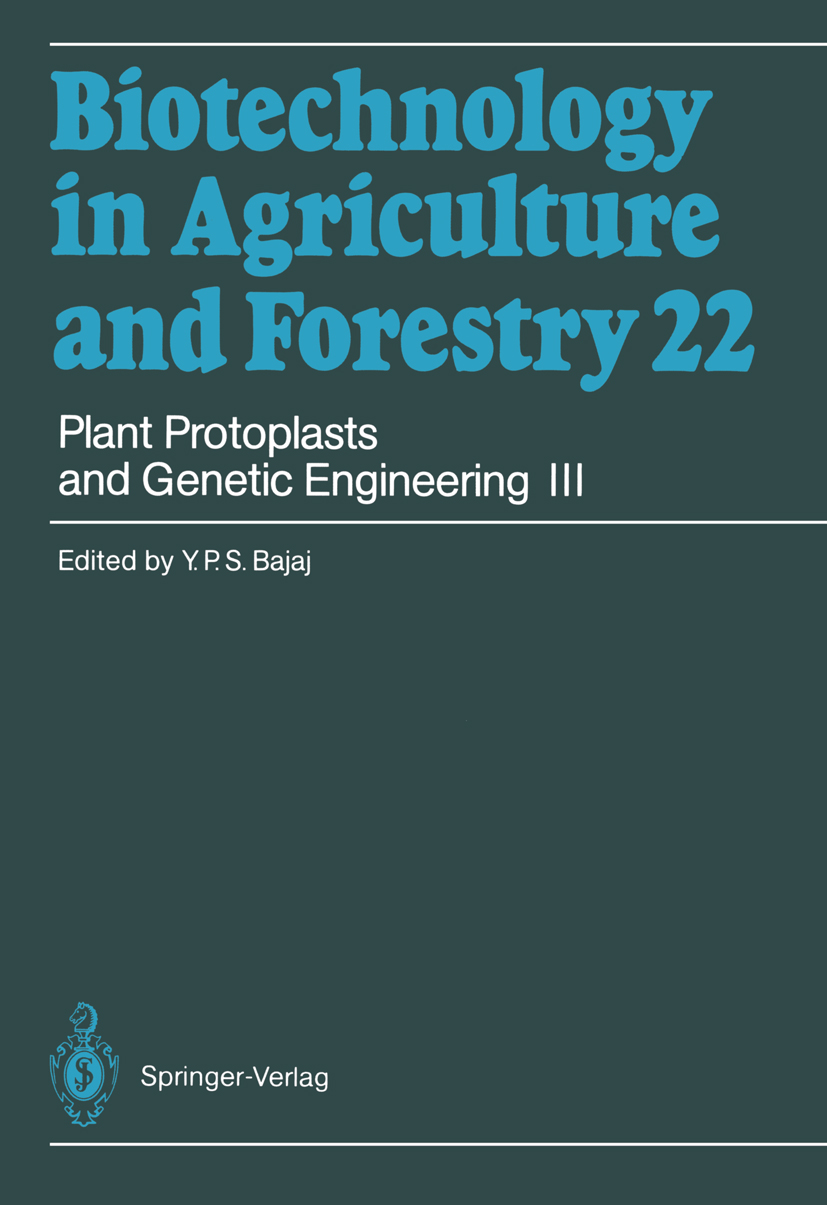
Plant Protoplasts and Genetic Engineering III In continuation of Volumes 8 and 9 (1989) on in vitromanipulation of plant protoplasts, this new volume dealswith the regeneration of plants from protoplasts and genetictransformation in various species of Agrostis, Arabidopsis,Atropa, Brassica, Catharanthus, Datura, Cucumis, Daucus,Digitalis, Duboisia, Eustoma, Festuca, Helianthus, Hordeum,Kalanchoe, Linum, Lobelia, Lolium, Lotus, Lycium,Lycopersicum,Mentha, Nicotiana, Pelargonium, Pisum, Pyrus,Salvia, Scopolia, and Solanum.These studies reflect the farreaching implications of protoplast technologyin geneticengineering of plants. They are of special interest toresearchers in the field of plant tissue culture, molecularbiology, genetic engineering, and plant breeding. TECHNOLOGY & ENGINEERING,Agriculture,General

Production of Sugarcane Presented here is a comprehensive account of boththeoretical and practical aspects of sugarcane production.The first of two parts of the book deals with origin,distribution, soil and climatic requirements, seed bedpreparation, cultural and nutrient requirements,fertilization, irrigation, ratooning, weeds, pests,diseases, ripening, and harvest. In thesecond part, energyand fibre cane, cane development, and manufacturingtechniques of sugar and by-products are treated in detail.This book will serve as a vademecum for cane growers, sugarand sugarcane technologists, students and teachers. TECHNOLOGY & ENGINEERING,Agriculture,General
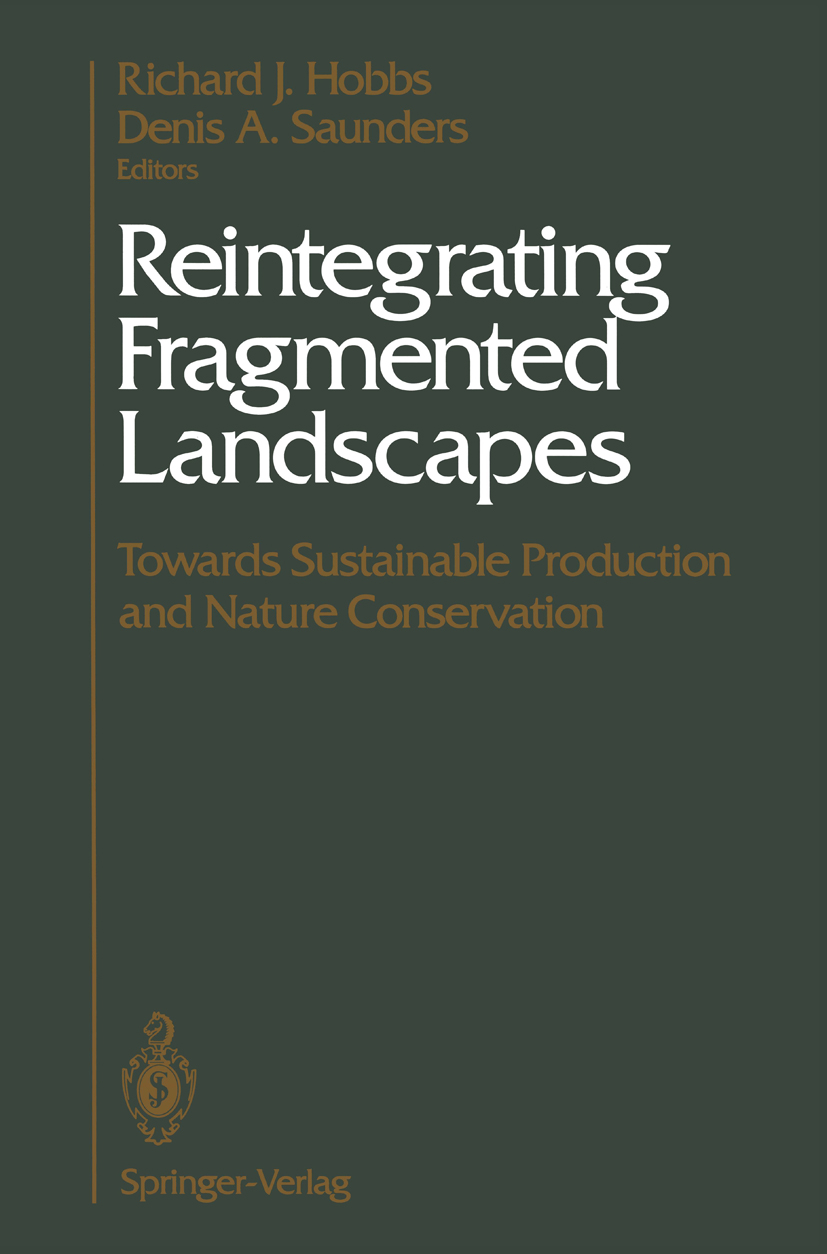
Reintegrating Fragmented Landscapes Social historians will look back on the 1980s as a period when a global consciousness of the environment developed. Stimulated by major issues and events such as oil and chemical spills, clearing of rainforests, pollu tion of waterways, and, towards the end of the decade, concern over the greenhouse effect, concern for the environment has become a major social and political force. Unfortunately, the state of the environment and its future manage ment are still very divisive issues. Often, at a local level, concern for the environment is the antithesis of development. The debate usually focusses on the possible negative environmental impacts of an activity versus the expected positive economic impacts. It is a very difficult task to integrate development and conservation, yet it is towards this objec tive that the sustainable development debate is moving. The issues in the central wheatbelt of Western Australia are typical of the environment versus development debate. It is undoubted that the development of the area, which involved clearing the native vegetation, has had a major impact upon the original ecosystems. Many of the natural habitats are threatened and local extinction of flora and fauna species is a continuing process. Moreover, there are clear signs that land degradation processes such as dryland salinity are depleting the land resource. TECHNOLOGY & ENGINEERING,Agriculture,General
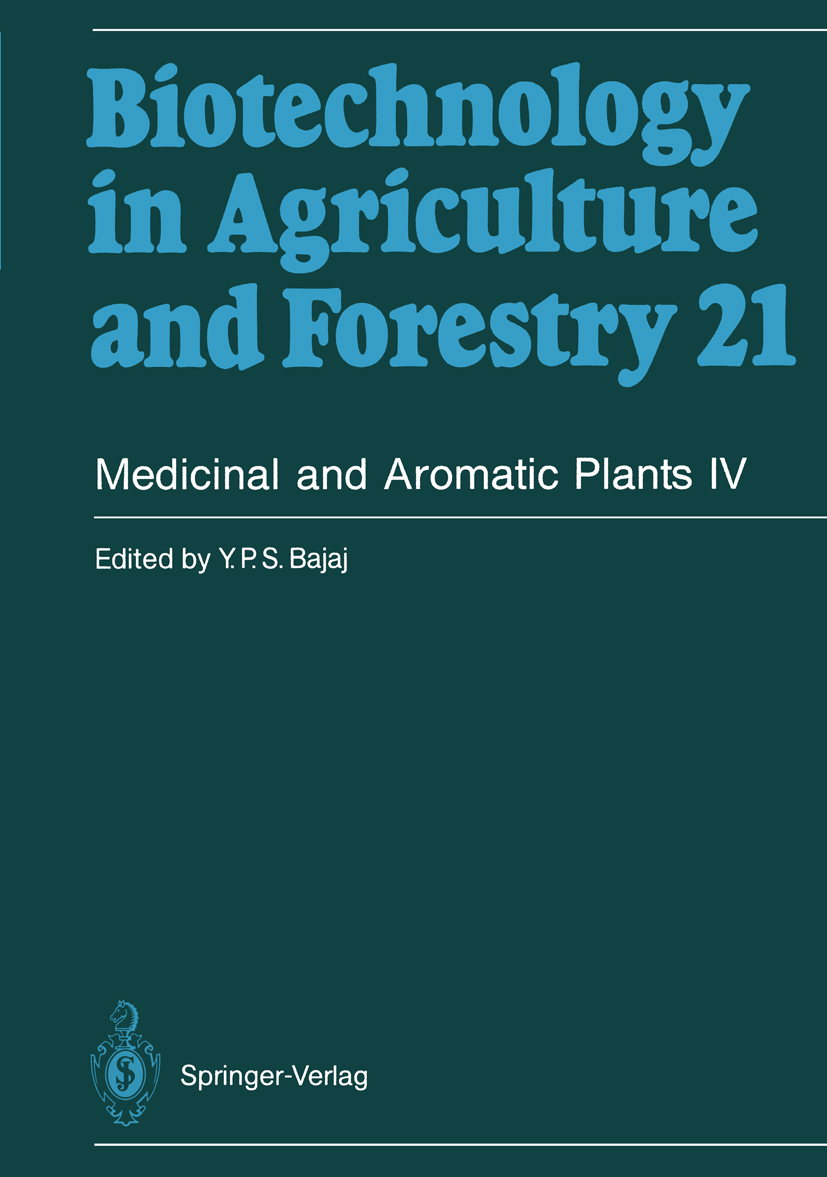
Medicinal and Aromatic Plants IV Recently, the pharmaceutical industry has shown considerable interest in the en masse micropropagation of elite plants, and the large-scale produc tion of secondary metabolites in plant cell cultures through the use of bioreactors. This is now being realized by the selection of high-yielding somac1ones or through the production of hairy roots by transformation with Agrobacterium rhizogenes. These new developments need to be high-lighted and brought to the attention of workers dealing with medicinal, aromatic, and other plants of industrial importance. A series of books on the biotech nology of medicinal and aromatic plants is therefore being compiled to provide a survey of the literature focusing on recent information and the state of the art. This book, Medicinal and Aromatic Plants IV, like the previous three volumes (Medicinal and Aromatic Plants I, II, and III, published in 1988, 1989, and 1991, respectively) is unique in its approach. It comprises 28 chapters dealing with the distribution, economic importance, conventional propagation, review of tissue culture studies, and the in vitro production of important medicinal and pharmaceutical compounds in various species of Ammi, Bergenia, Canavalia, Capsicum, Cassia, Cephaelis, Cornus, Cucurbita, Elettaria, Eupatorium, Genipa, Gentiana, Gypsophila, Hygrophila, Leon topodium, Nerium, Picrasma, Polygonum, Ptelea, Rheum, Scopolia, Silene, Solanum, Strophanthus, Tagetes, Thymus, and Uncaria. This book is tailored to the needs of advanced students, teachers, and research workers in the fields of plant biotechnology and chemical engineer ing, pharmacy, botany, and phytochemistry. TECHNOLOGY & ENGINEERING,Agriculture,General
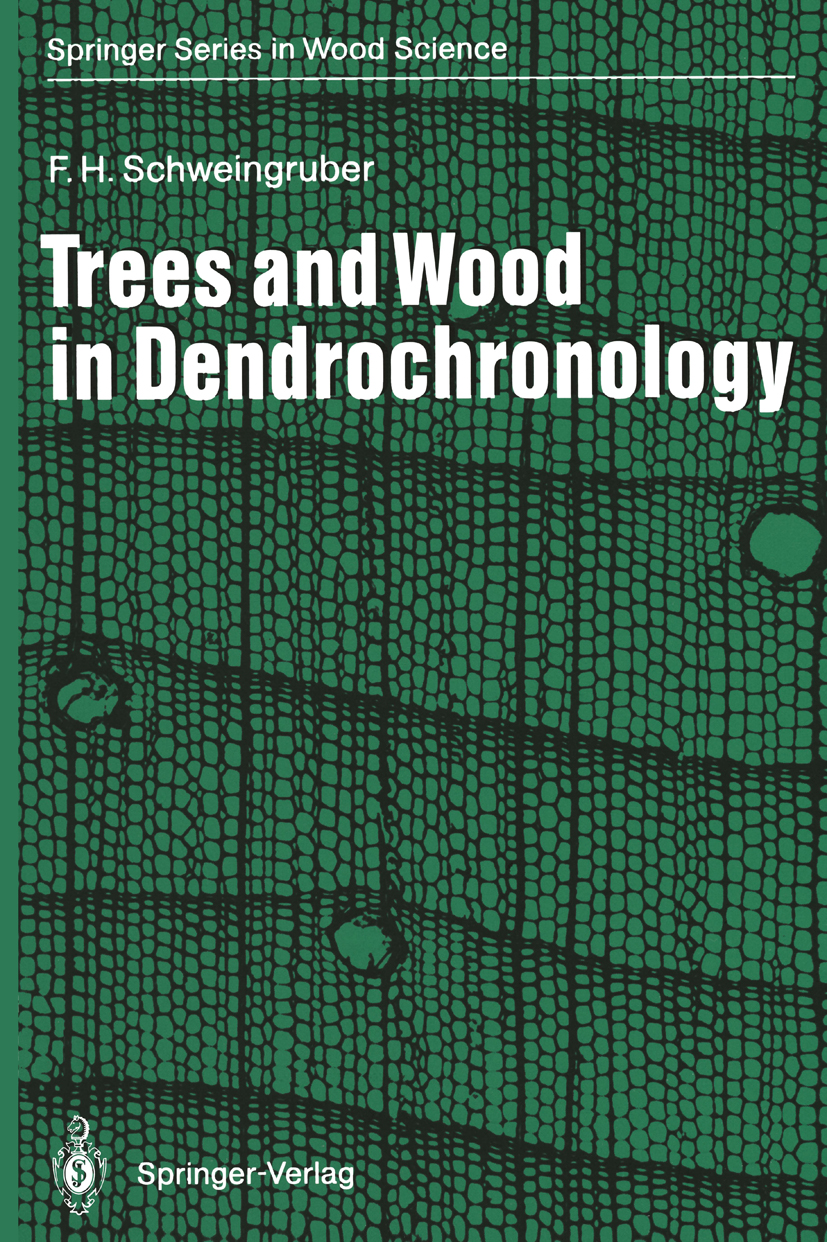
Trees and Wood in Dendrochronology The science of dendrochronology has grown significantly in the past 20 years. In the 1950s and 1960s, interest in the subject was limited to only a handful of scientists who perceived in dendrochronology a "l'art pour l'art". Today, however, specialists from many different fields recognize and are pursuing the problems of dendrochronology. Tree-ring research has acquired a permanent role in the various sciences of archeology, history, geology, ecology, and climatology. The founders of dendrochronology themselves were of varied scientific backgrounds and interests. For example, A. E. Douglass in the United States was an astronomer, B. Huber in Germany a forest-biologist, and F. N. Shvedov in Russia a climatologist. Today the spectrum is even broader. Many den drochronologists are authorities in mathematics, archeology, history, forestry, botany, wood technology, ecology geography, geology, etc. It is, therefore, understandable that it has become almost impossible for one individual to encompass the entire field. Bitvinskas (1974), Fritts (1976), Schweingruber (1983), and Mitsutani (1990) have attempted, each guided by his own interests, to provide at least an overview of the field. Recently, individual aspects have been presented by groups of authors in books edited by Fletscher (1978), Hughes et al. (1982), Jacoby and Hornbeck (1987) and Bradley and Jones (1992). It is very likely that in the future summaries covering each branch of dendrochronology will be published. TECHNOLOGY & ENGINEERING,Agriculture,General

Dielectric Properties of Wood and Wood-Based Materials Provided here is a comprehensive treatise on all aspects ofdielectric properties of wood and wood products. The topicscovered include: Interaction between electromagnetic fieldand wood. - Wood composition and dielectric properties ofits components. - Measurement of dielectric parameters ofwood.- Dielectric properties of oven-dry wood. - Dielectricproperties of moist wood. - Effect of different kinds oftreatment on dielectric properties of wood. - Dielectricproperties of bark. - Dielectric properties of wood-basedmaterials. - Recommendations for determination of dielectricparameters of wood based materials and for their use incalculations.Several appendices comprise reference data onthe dielectriccharacteristics of wood and wood-based materials in the widerange of frequencies, temperatures, and moisture content. TECHNOLOGY & ENGINEERING,Agriculture,General
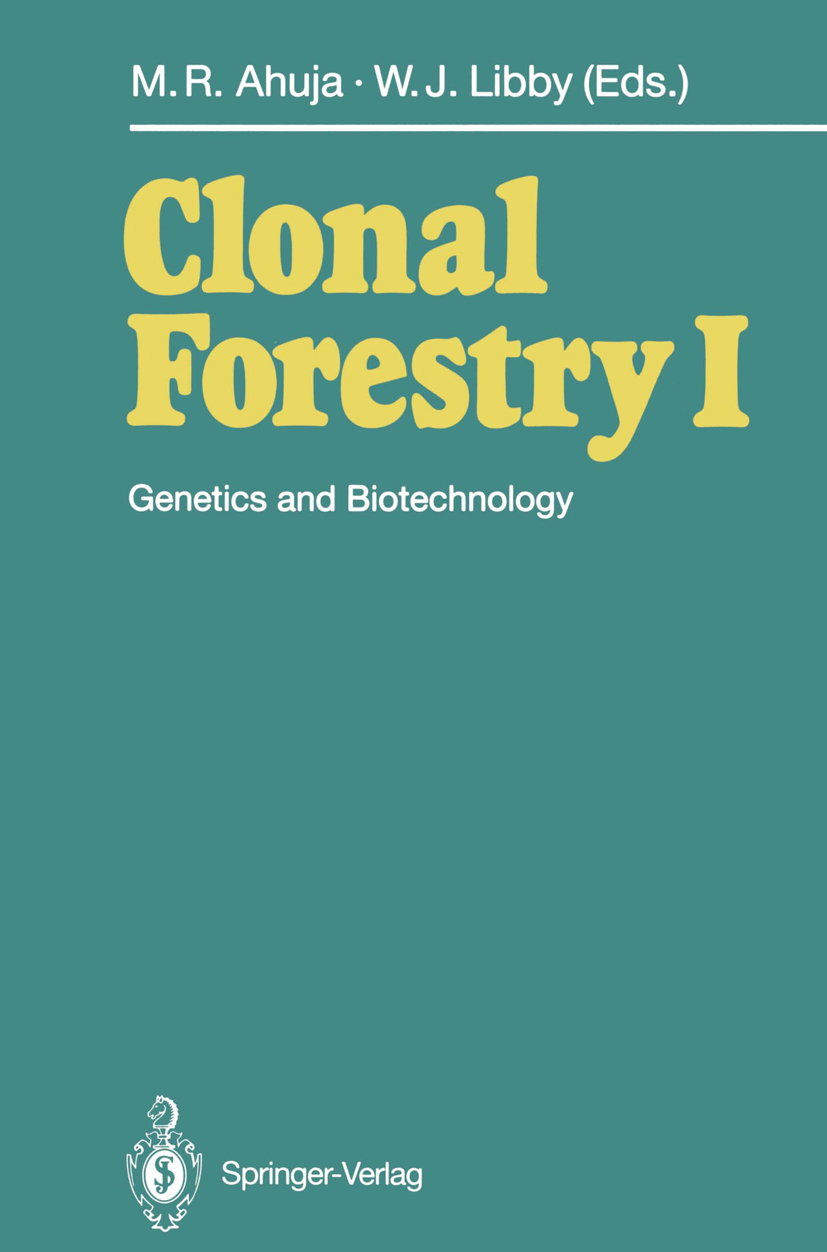
Clonal Forestry I Clonal forestry has come of age. Basic techniques in genetics and biotechnology of other organisms are generally applicable to forest trees. However, there are some differences, in particular in the juvenile- and maturation-related regeneration. Examined here are crucial topics of juvenility, maturation and rejuvenation in clonal propagation of trees. In addition, the genetics of clones, population biology of clonal deployment, propagation and field testing of clones, clone identification, clonal physiology, regeneration and variation in plant tissue cultures, the role of somatic embryogenesis in clonal forestry, and recent developments in biotechnology, including the molecular structure of trees and gene transfer are covered in depth. TECHNOLOGY & ENGINEERING,Agriculture,General
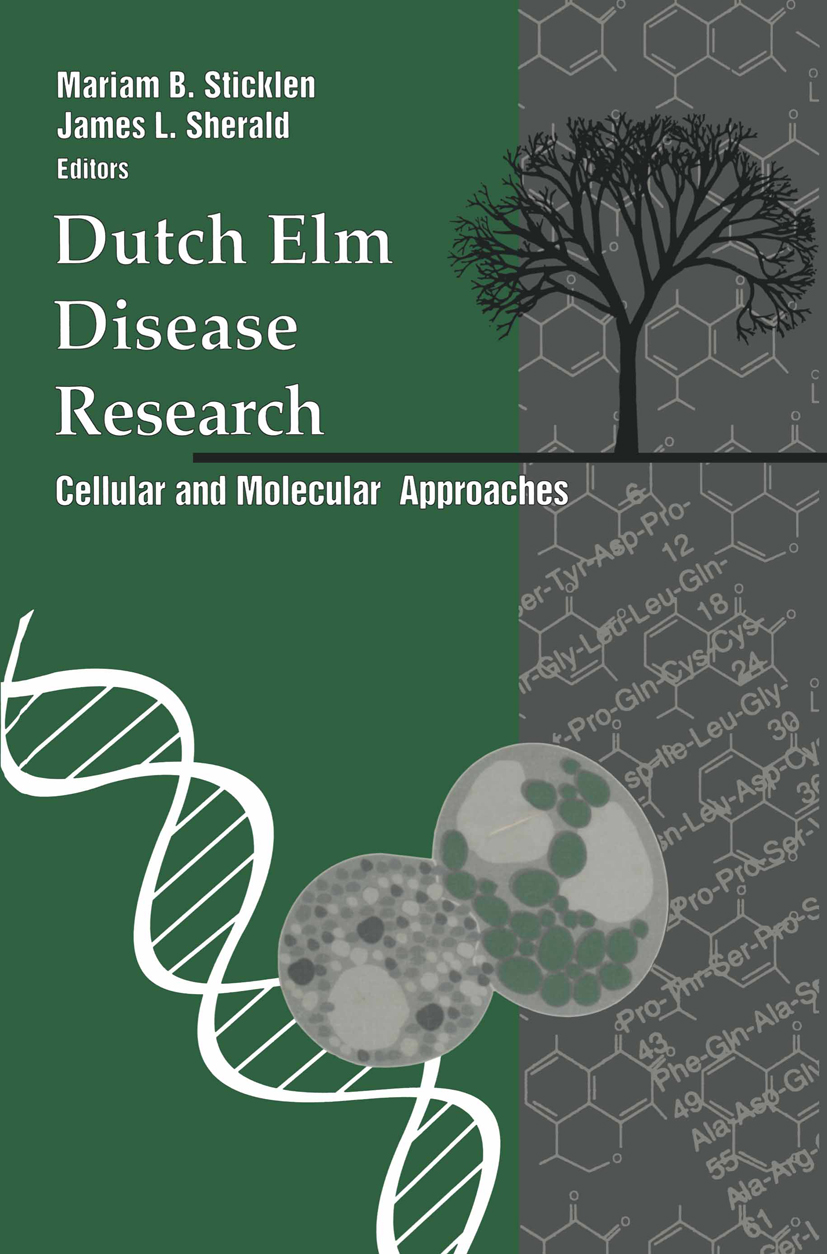
Dutch Elm Disease Research Dutch elm disease is a significant problem in forestry and horticulture which has proven remarkably difficult to ameliorate. Since the introduction of the Dutch elm disease pathogen to North America, the disease has devastated the elm population of this continent and has been the subject of intensive research. This book summarizes the range of approaches that have been taken to address the disease, and emphasizes the significant progress over the past decade in applying methods from cell and molecular biology. Dutch Elm Disease: Cellular and Molecular Approaches will be of interest to scientists in plant pathology, horticulture, forestry, biological control, and plant breeding. TECHNOLOGY & ENGINEERING,Agriculture,General
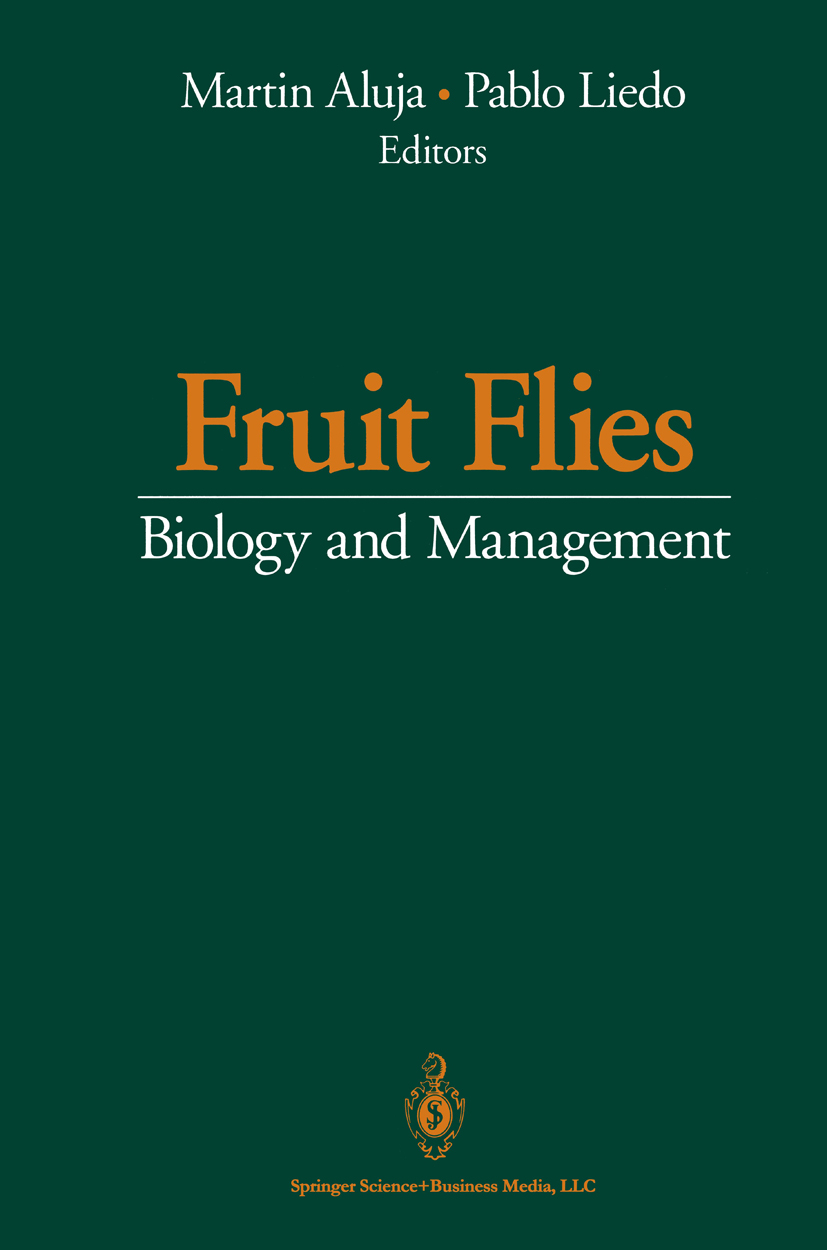
Fruit Flies Fruit flies are enormously important economic pests, as California has learned over the past few years (remember the Mediterranean Fruit Fly?). The problem is expected to get worse, and issues of both basic research and control measures are very important for this pest. This book is the edited, camera-ready proceedings of a recent international symposium on fruit flies of economic importance. It covers current knowledge of fruit fly physiology, genetics, morphology and behavior. It discusses action programs for controlling and using fruit flies in agronomy, as well as the problem of fruit flies in the fruit growing industry. TECHNOLOGY & ENGINEERING,Agriculture,General
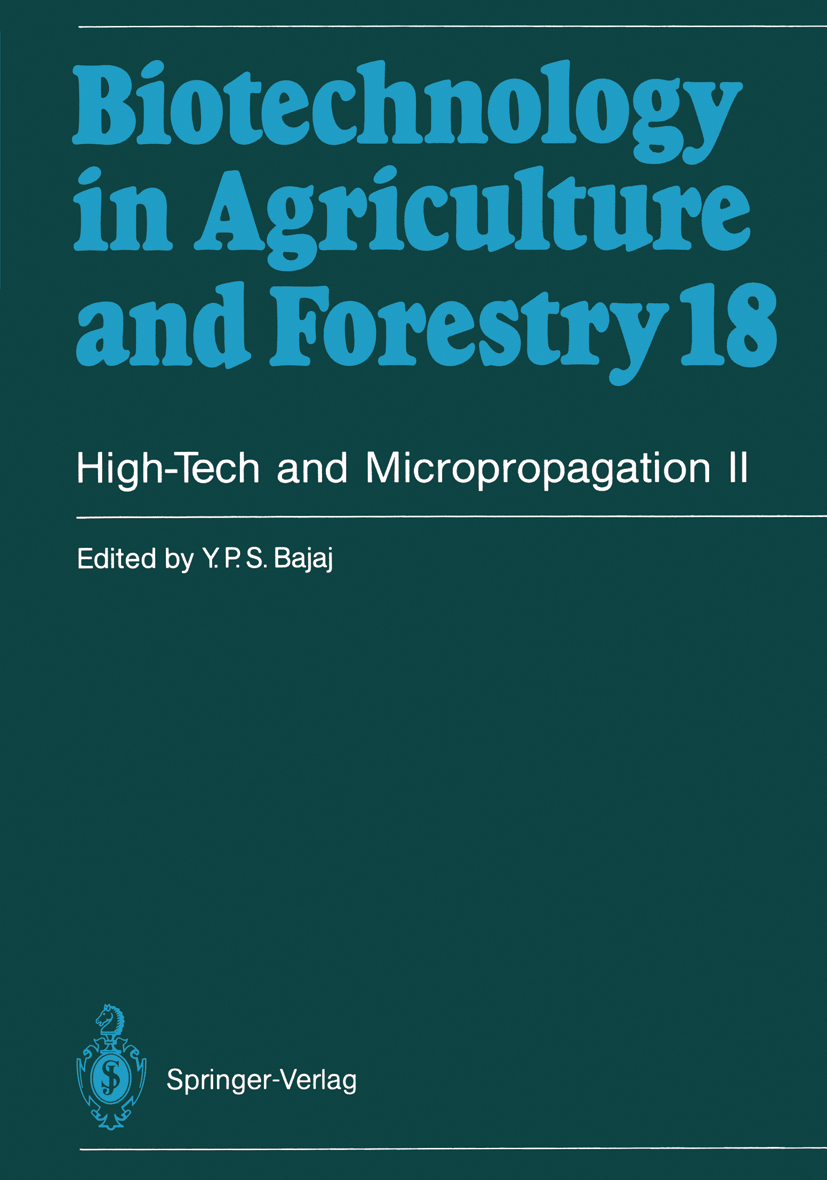
High-Tech and Micropropagation II Second in the series, High-Tech and Micropropagation, this work covers the micropropagation of trees and fruit-bearing plants, such as poplar, birches, larch, American sweetgum, black locust, Sorbus, sandalwood, Quercus, cedar, Persian walnut, date palm, cocoa, Citrus, olive, apple, pear, peach, plum, cherry, papaya, pineapple, kiwi, Japanese persimmon, grapevine, strawberry, and raspberry. The importance and distribution of conventional propagation and in vitro studies on individual species are discussed. In particular detail, the transfer of in vitro plants to the greenhouse or the field, and the prospects of commercial exploitation are examined. The book will be of use to advanced students, research workers and teachers in horticulture, forestry and plant biotechnology in general, and also to individuals interested in industrial micropropagation. TECHNOLOGY & ENGINEERING,Agriculture,General
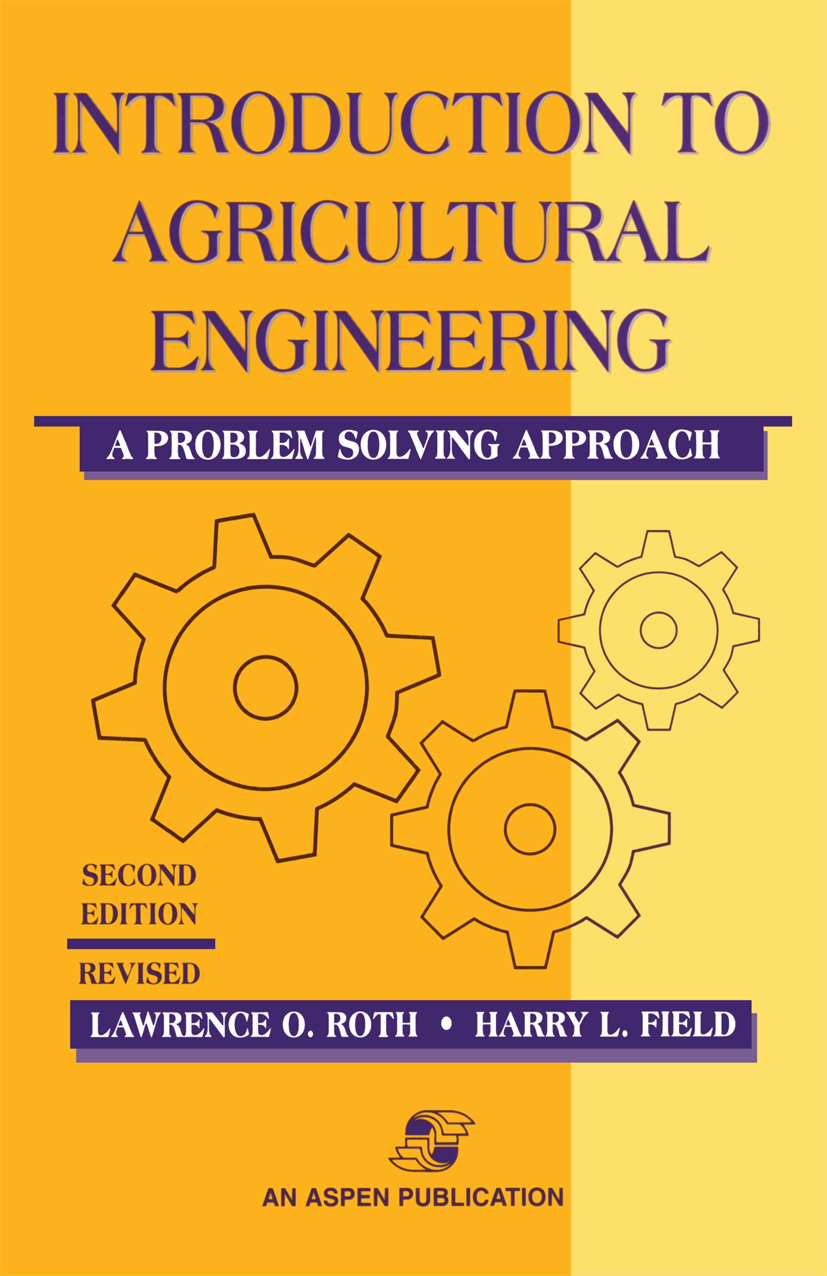
Introduction to Agricultural Engineering This book is for use in introductory courses in colleges of agriculture and in other applications requiring a problematic approach to agriculture. It is intended as a replacement for an Introduction to Agricultural Engineering by Roth, Crow, and Mahoney. Parts of the previous book have been revised and included, but some sections have been removed and new ones has been expanded to include a chapter added. Problem solving on techniques, and suggestions are incorporated throughout the example problems. The topics and treatment were selected for three reasons: (1) to acquaint students with a wide range of applications of engineering principles to agriculture, (2) to present a selection of independent but related, topics, and (3) to develop and enhance the problem solving ability of the students. Each chapter contains educational objectives, introductory material, example problems (where appropriate), and sample problems, with answers, that can be used for self-assessment. Most chapters are self-contained and can be used independently of the others. Those that are sequential are organiZed in a logical order to ensure that the knowledge and skills needed are presented in a previous chapter. As principal author I wish to express my gratitude to Dr. Lawrence O. Roth for his contributions of subject matter and gUidance. I also wish to thank Professor Earl E. Baugher for his expertise as technical editor, and my wife Marsha for her help and patience. HARRY FIELD v 1 Problem Solving OBJECTIVES 1. Be able to define problem solving. TECHNOLOGY & ENGINEERING,Agriculture,General
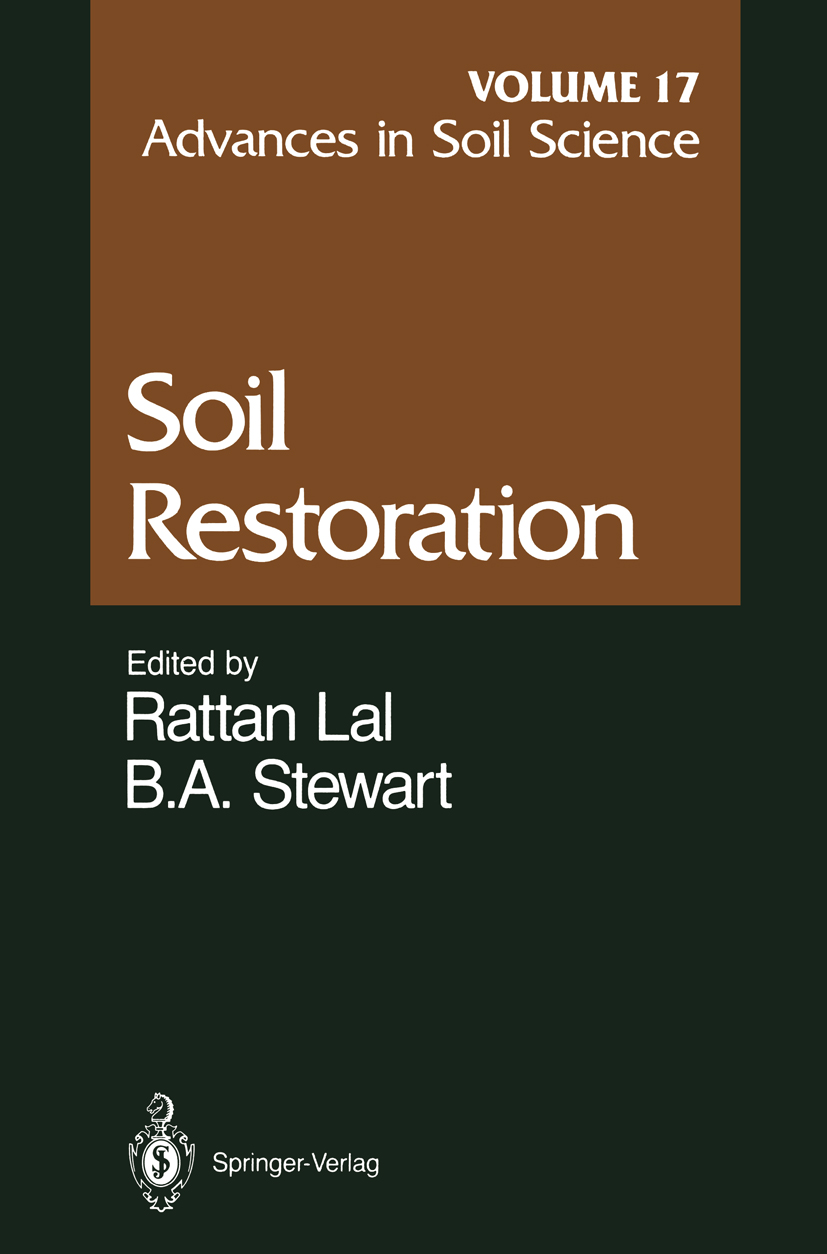
Advances in Soil Science Soil degradation is clearly one of the most pressing problems facing man kind. A continuation of soil degradation will eventually lead to a loss in crop productivity even though fertilizers and other inputs often result in increased yields in the short term. Soil degradation also leads to environ mental pollution. A decrease in soil quality invariably leads to a decrease in water quality, and often in air quality. While there is a clear consensus that soil degradation is a major problem, the literature on this subject leaves numerous baffling questions. If statis tics on land degradation are correct, there is a definite cause for concern, and present a mammoth challenge for agricultural scientists. There are those that say the scientific community has over dramatized this issue, and created a credibility problem. Consequently; Volume 11 of Advances in Soil Science was organized by Dr. Rattan Lal who is recognized as a lead ing authority on the subject. The objective of Volume 11 was to assess the types and processes of soil degradation and establish some of the major cause-effect relationships. Volume II documented the seriousness of soil degradation in many parts of the world. Therefore, it seemed immediately important to devote a volume to the principles and technologies for restor ing degraded soils to a productive status. While the land resources are limited, world population is rapidly increasing, particularly in developing countries. Dr. TECHNOLOGY & ENGINEERING,Agriculture,General
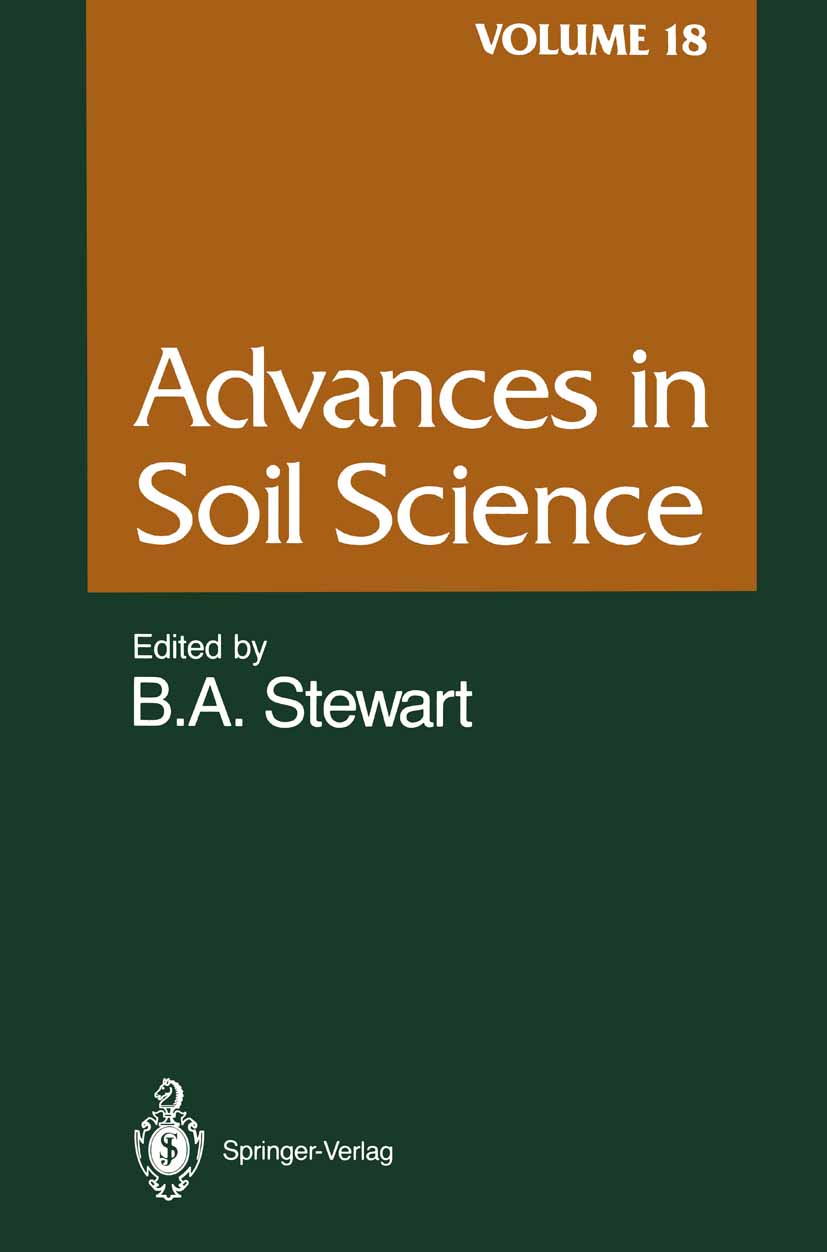
Advances in Soil Science Advances in Soil Science was conceived in 1982 to provide a forum for leading international scientists to analyze and summarize the available scientific information on a subject, assessing its importance and ident ifying additional research needs. This goal seems even more appropriate today. Much is known about our soil resources. The principles learned and the technology developed need to be used to increase food pro duction, particularly in developing countries, and sustain the productivity of the resource base. Advances in Soil Science fills a gap between the scientific journals and the comprehensive reference books. Scientists can delve in depth on a particular subject relating to soil science. Contributors are asked in particular to develop and identify principles that have practical applications to both developing and developed agricultures. Advances in Soil Science was established to be international in scope and cover all subjects relating to soil science. This volume certainly fulfills that objective. The first chapter is concerned with denitrification. The significance of denitrification in nitrogen use efficiency in agricultural, grassland, and forest ecosystems, and in global nitrogen cycling is now well recognized. Therefore, an understanding of denitrification is essential for the efficient use of nitrogen fertilizers and for protecting the environ ment. The second chapter looks at the effects of subzero temperatures on the physical, biological, and chemical processes. This is an important area of soil science that has not been studied in great detail. TECHNOLOGY & ENGINEERING,Agriculture,General
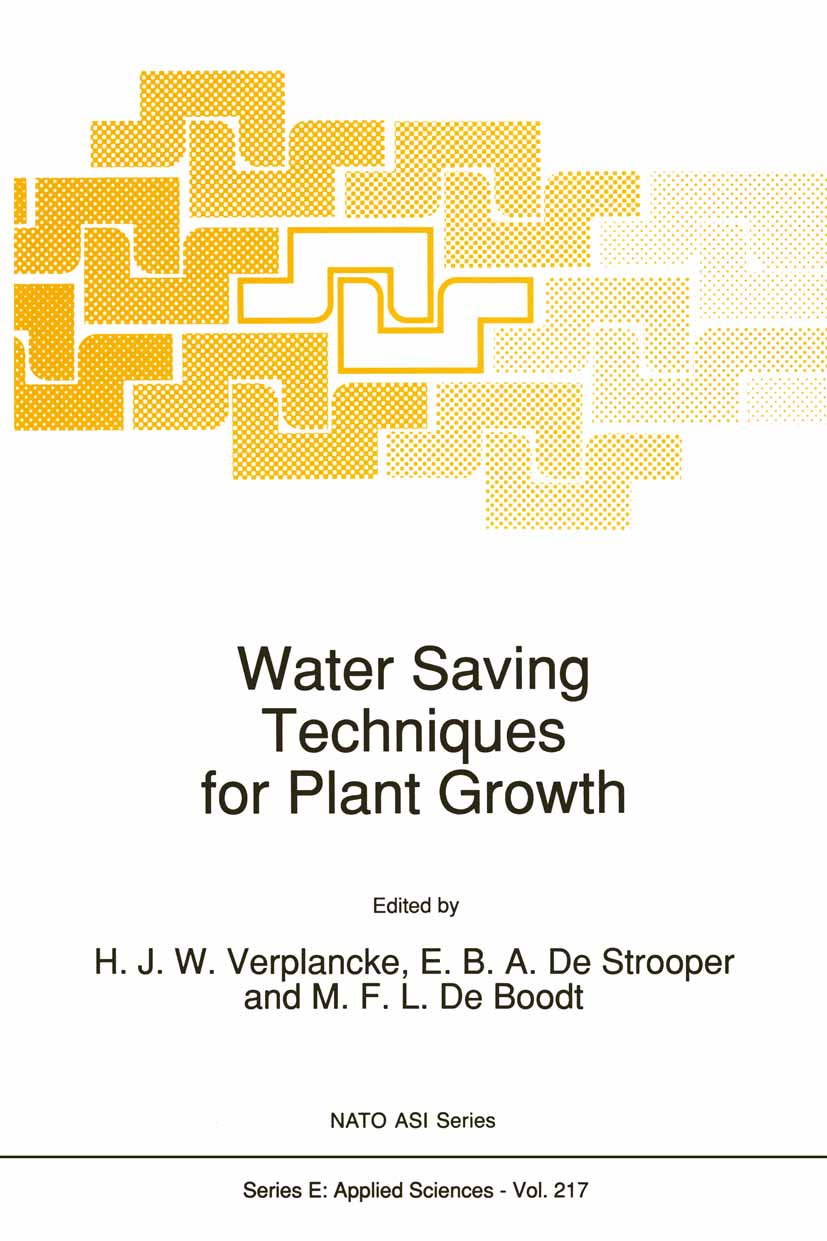
Water Saving Techniques for Plant Growth Proceedings of the NATO Advanced Research Workshop, Ghent, Belgium, September 17-19, 1990 TECHNOLOGY & ENGINEERING,Agriculture,General
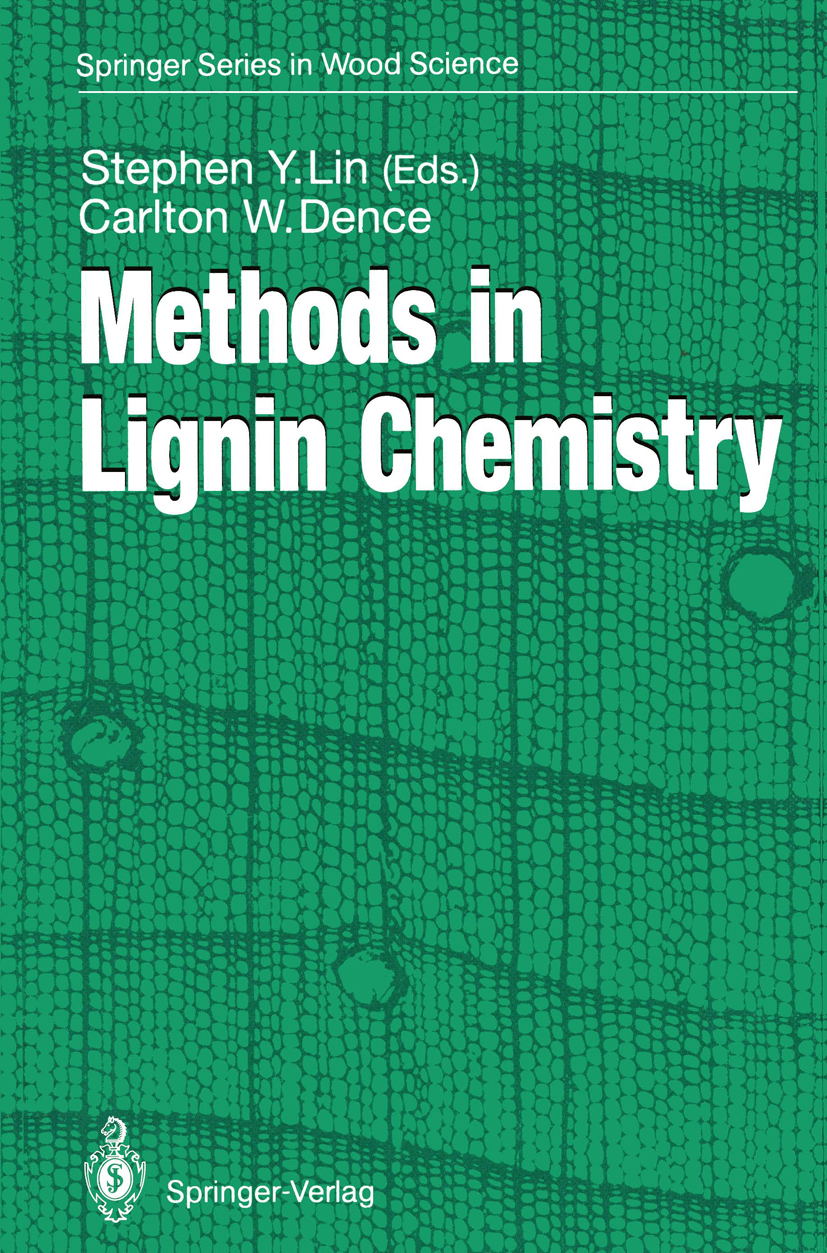
Methods in Lignin Chemistry The structural complexity of lignin has continually challenged the in genuity of researchers to develop suitable methods for its charac terization prior to and following a wide variety of chemical, biologi cal, and physical treatments. Initially, activity along these lines was fueled by a desire to interpret technical delignification (Le. , pulping) processes in terms of accompanying structural changes in the lignin. Subsequently, increasingly wide ranging, in-depth investigations on the structure and reactivity of lignin exposed the inadequacy of many of the methods currently in use and underscored the ever-continuing need to develop new methods capable of solving the unique analytical problems associated with lignin. Characteristically, such methods should be selective, sensitive, suitable for quantitative measurements, and capable of being applied directly to, and without destruction of, the lignin or lignocellulose sample. One notable example of the head way being made in reaching this objective is the relatively recent devel opment and refinement of methods based on the use of sophisticated instrumentation, e. g. , lH_ and 13C-NMR spectroscopy. Although the utility of many of these and other recently developed methods de scribed in this book has yet to be fully and satisfactorily exploited, we believe that progress already made in this direction will continue and most likely accelerate. The decision to produce this book was prompted mainly by the acknowledged need for an up-to-date, single source compilation of lignin methodology. Hitherto, this need was, in part, satisfied by B. L. TECHNOLOGY & ENGINEERING,Agriculture,General
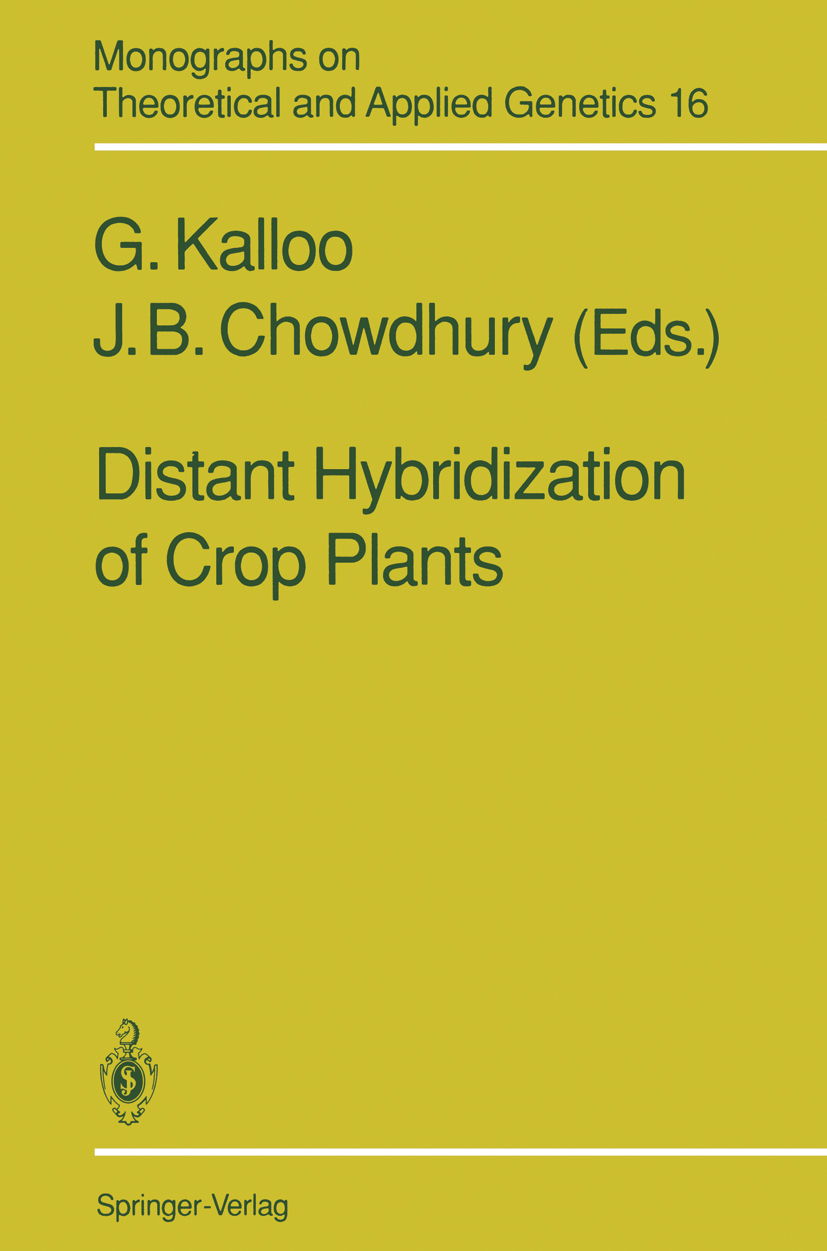
Distant Hybridization of Crop Plants Wild taxa are invaluable sources of resistance to diseases, insects/ pests, nematodes, temperature extremes, salinity and alkalinity stresses, and also of nutritional quality; adaptation; genetic diversity and new species. Utilization of wild relatives of a crop depends largely upon its crossability relations with cultivated varieties. Sev eral wild species are not crossable with the commercial cultivars due to various isolation barriers. Furthermore, in a few cases, hybridiza tion is possible only in one direction and reciprocal crosses are not successful, thus depriving the utilization of desired cytoplasm of many species. However, techniques have been developed to over come many barriers and hybrid plants are produced. New crop species have been developed by overcoming the F 1 sterility and producing amphidiploids and such crops are commercially being grown in the field. The segregation pattern ofF 1 hybrids produced by distant hybridization in segregating generations are different from the intervarietal hybrids. In former cases, generally, unidirectional segregation takes place in early generations and accordingly, selec tion procedures are adopted. In most of the cases, backcross or modified backcross methods have been followed to utilize wild species, and thus numerous types of resistance and other economical attributes have been transferred in the recurrent parents. Protoplast fusion has been amply demonstrated in a number of cases where sexual hybridization was not possible and, as a result, hybrids have been produced. TECHNOLOGY & ENGINEERING,Agriculture,General

Advances in Disease Vector Research Volume 9 in this series consists of four chapters on vectors that affect human or animal health and six chapters on plant pathogens and their vectors. In Chapter 1, Alex S. Raikhel discusses vitellogenesis in mosquitoes: the cornerstone of the reproductive cycle involving massive production of yolk precursors by the fat body and their accumulation in developing oocytes. In anautogeneous mosquitoes, vitellogenesis is dependent on the availability of a blood meal and, as a consequence, is linked to transmission of pathogens. Therefore, elucidation of mechanisms governing the mosquito vitellogenesis is critical for the successful development of novel strategies in vector and disease management. Previous reviews on mosquito vitellogenesis have dealt predominantly with hormonal control. The goal of this review, however, is to summarize significant progress which has been achieved in understanding mosquito vitellogenesis at the cellular, biochemical and molecular levels. It is with these disciplines that we expect to fully understand the mechanisms governing this key process in mosquito reproduction. TECHNOLOGY & ENGINEERING,Agriculture,General
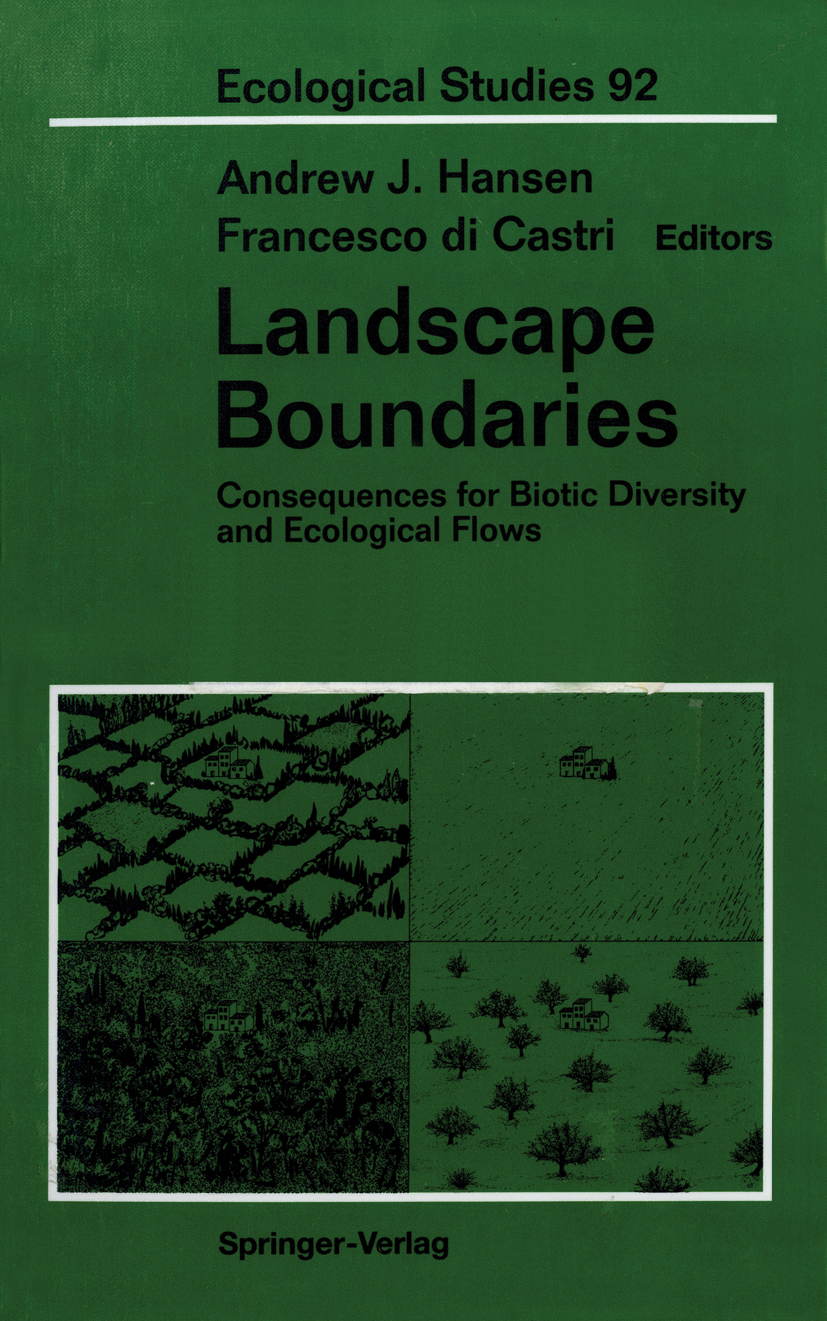
Landscape Boundaries With contributions by numerous experts TECHNOLOGY & ENGINEERING,Agriculture,General

Limitations to Plant Root Growth In the past 10 years, there has been a resurgence in interest in soil management and conservation of the soil resource. With the knowledge we have accumulated in the past 100 years, there is the possibility of developing new and innovative ways of effectively managing the soil. The emphasis on sustainable agriculture requires that we understand how to utilize the soil as a viable living resource. To meet the world demand for food within the next 50 years requires a healthy and strong soil resource which can sustain production. With the dedication of the National Soil Tilth Laboratory in 1989, it was decided that one contribution the laboratory could make to agri cultural science would be to foster an exchange of information on soil management. The focus of that interchange centers on long-term soil management. If we are to fulfill the goals of sustainable agriculture, environmental quality, and feeding the world, there will have to be an increased understanding of how to effectively manage the soil. Long-term soil management requires integrated and interdisciplinary research to bring all of the information together in terms which would be applicable to all soils. To accomplish this goal a workshop is held each year, with the exchange of information focusing on a single topic within the framework of developing effective strategies for long-term soil management. With the forum to focus on an individual theme each year, the theme for the initial workshop was "Limitations to Plant Root Growth. TECHNOLOGY & ENGINEERING,Agriculture,General

Pollen Biology Pollen grains are everywhere - in the air, in the water, in soil and in the food we eat. Pollen has direct relevance in agriculture, horticulture, plant breeding, crop improvement and biotechnology. They are further of use for montioring cytotoxic effects - by herbicides, pesticides and pollutants - testing for allergic reactions, and for basic studies on gene expression, research on differentiation and polarity. Detailed instructions of the standard techniques, which have all been tested and improvised by the authors, are given, such as collection and storage of pollen, pollen culture, germination, tests for viability, incompatibility and isolation of protoplasts. Introduced by an explanation of the principles involved, the step-by step protocols are complemented by personal notes and precautions, specifying the reagents used and various appendices on basic and specific requirements for laboratory exercises on pollen. TECHNOLOGY & ENGINEERING,Agriculture,General

The Bioclimatology of Frost The economic costs of frosts in agriculture and horticulture in many parts of the world can be very significant. Reports in the media include accounts on how frosts have devastated coffee crops in Brazil or in Papua New Guinea, and how frosts have seriously damaged the Florida citrus industry. Frost may cause losses in current harvests or a decline in future yields through more permanent damage to trees and bushes. Damaging frosts may occur as infrequent, short-term events with sub-zero temperatures or with unusually severe winter temperatures which extend over long periods. In this book we have aimed at providing a comprehensive review of recent advances in the area of frost research. The stimulus for writing this book has come from the recognition that there is a shortage of recent texts which deal exclusively with the bioclimatology of frost. Bioclimatology deals with the relations between climate and life and the present text is particularly concerned with the effects of low temperatures on plants. Our purpose has been to assist researchers, engineers, extension officers and students in understanding the physical aspects of frost occurrence and frost distribution as well as the biological and phenological aspects of frost damage and to provide an overview of direct and indirect methods of frost pro tection and prevention. TECHNOLOGY & ENGINEERING,Agriculture,General
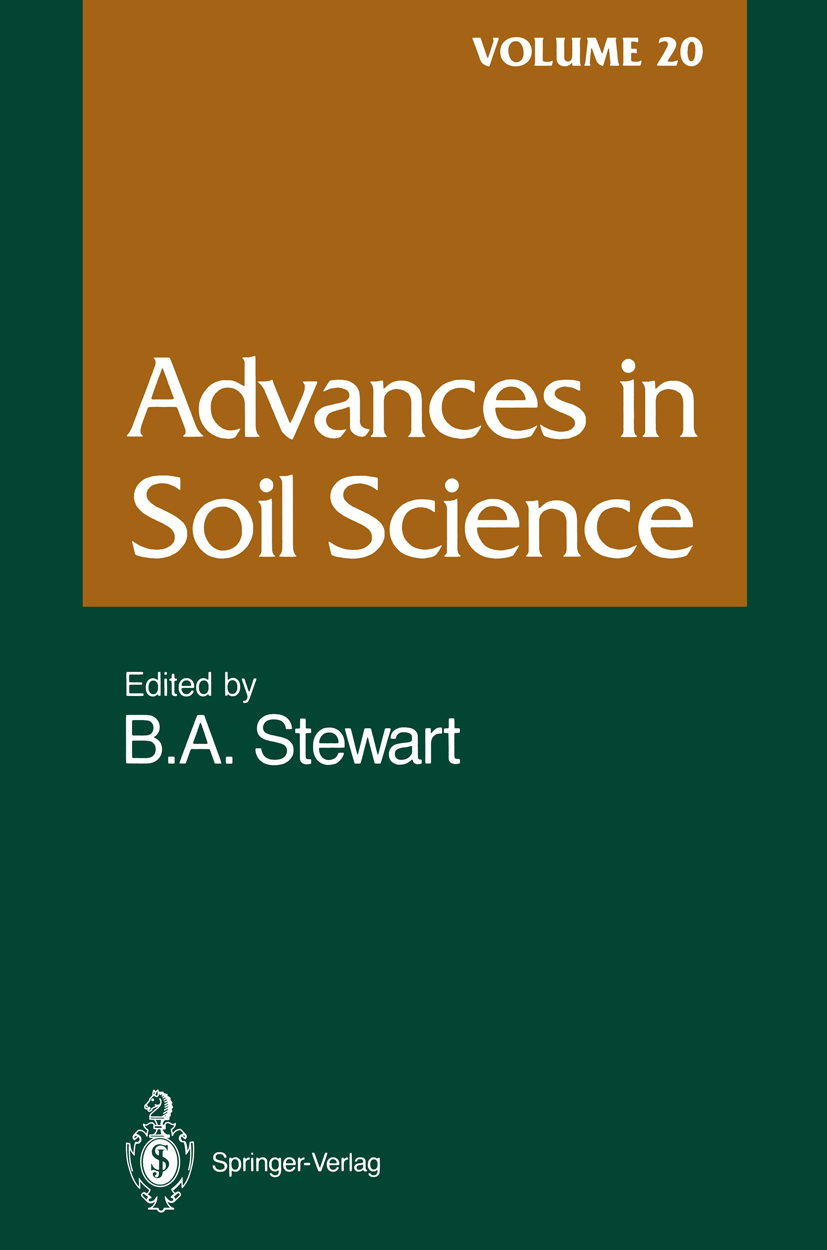
Advances in Soil Science The key to sustaining the soil resource base is to maintain, or enhance, soil quality. Soil quality cannot be seen or measured directly from the soil alone but is inferred from soil characteristics and soil behavior under defined conditions. In essence, the quality of soils is analogous to the health of humans, and just as there is no single characteristic that can be measured to quantify a person's health, there is no single measurement that can quantify soil quality. However, there are certain characteristics, particularly when considered together, that are good indicators. Soil quality, just as human health, can be maintained or enhanced by good management practices; and seriously degraded-sometimes irrevers ibly-with poor practices. Soil quality is also important because it has direct and indirect effects on air quality and water quality. While the enhancement of soil quality does not always assure parallel improvements in the quality of air and, particularly, water resources, this is often the case. However, soil deg radation is invariably accompanied by degraded qualities of both air and water resources. The consensus among many scientists is that the greatest challenge is not increasing production, but preventing serious deterioration of the soil and water resource base so that the production level can be sustained. TECHNOLOGY & ENGINEERING,Agriculture,General
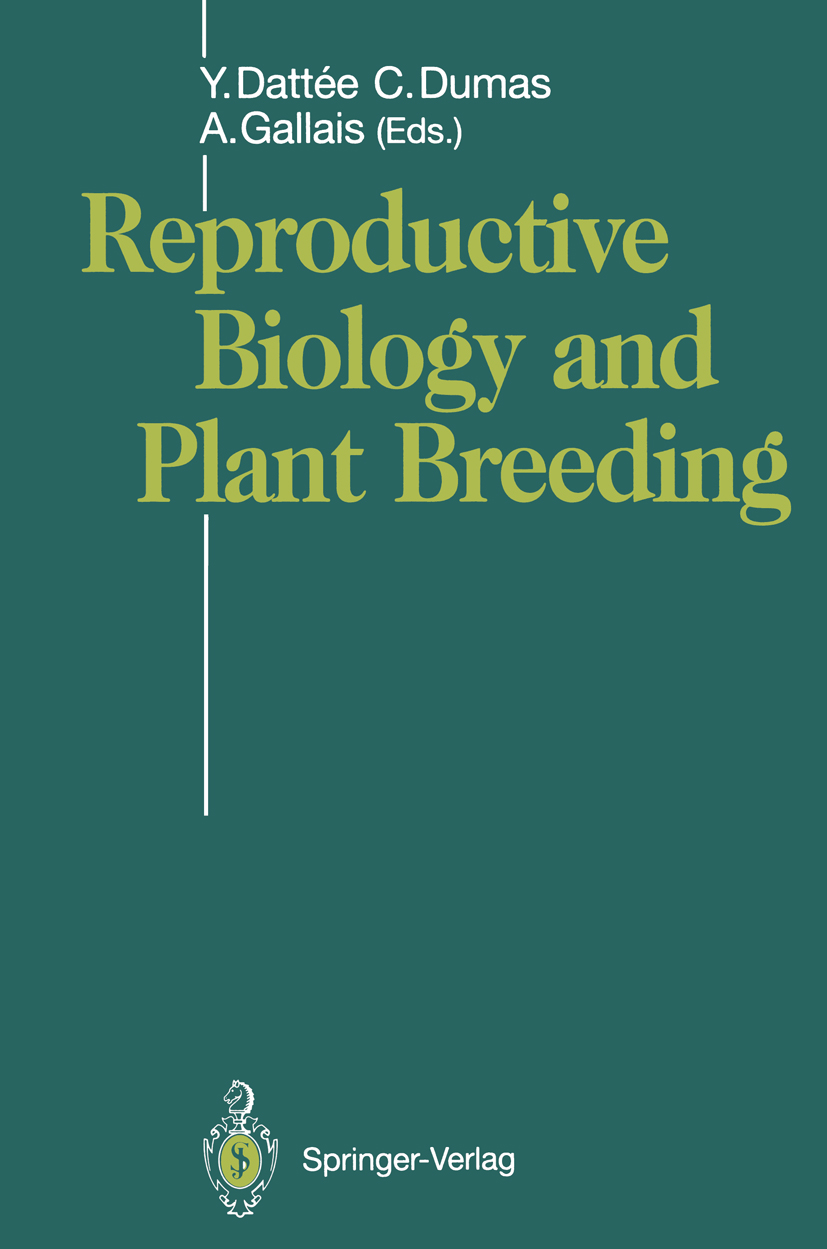
Reproductive Biology and Plant Breeding This volume has been produced for the XI 11th EUCARPIA Congress. EUCARPIA (the European Association for Plant breeding) currently has 1.200 members, including scientists and staff of both publ ic and private organizations. Its aim is to promote scientific and technical research and cooperation In the field of plant breeding, and thereby to contribute to the development of agriculture. Every three years, EUCARPIA organizes a scientific congress. In 1992, the Xilith EUCARPIA Congress will be held In ANGERS (Fran ce) and the theme Is "Reproductive biology and plant breeding". Reproduction of plant material Is central to selection. The geneti cist, the plant breeder and the seed grower all use sexual and ve getative reproduction during the various stages of plant breeding and creation of variety. The possibility of unlimited interspecific reproduction, the use of gametogenesis dysfunction, the creation of auto and allogamy, and the cloning of the best genotypes are the challenges before the plant breeder. To understand how the reproductive system conditions the genetic structure of a population, and to Investigate the relation ships between the reproductive mode and the organization of varia bility Is a central key to genetic progress. The articles presented In this book review the current state of knowledge of reproductive biology, and Its impact on variety crea tion. TECHNOLOGY & ENGINEERING,Agriculture,General

Electromagnetic Radiations in Food Science This book has been written for those whose interests bridge food processing and physicochemical aspects of radiation. It is not intended to be a comprehensive review of publications concerning foods and radiations. Instead, it is an attempt to familiarize the reader with pertinent knowledge of a unified, interdisciplinary concept of various electromagnetic radiations and corresponding effects on foods. Consideration was given to similarities and differ ences between various segments of the electromagnetic spectrum. The broad approach of this book was considered to be crucial for cross-discipline comparisons. The reader is introduced to the electromagnetic spectrum in the Prologue and then the book follows the wavelengths, from short to long values. Chapter 1 deals with ionizing radiation: historical background, sources of radiation employed in food treatment, units of measurement, and fundamentals of radiation chemistry. A survey of potential applications of ionizing radiation in food technology is followed by a description of methods for radiation dosimetry. Safety and wholesomeness of irradiated foods, analytical methods for postirradiation dosimetry in foods, and consumer acceptance of food irradiation conclude this section. Chapter 2 intrudes into the next segment of the spectrum: ultra violet-visible radiation. The general presentation of this electro magnetic emission and illumination source enables the discussion of its effects on foods, including applications in food analysis. TECHNOLOGY & ENGINEERING,Agriculture,General
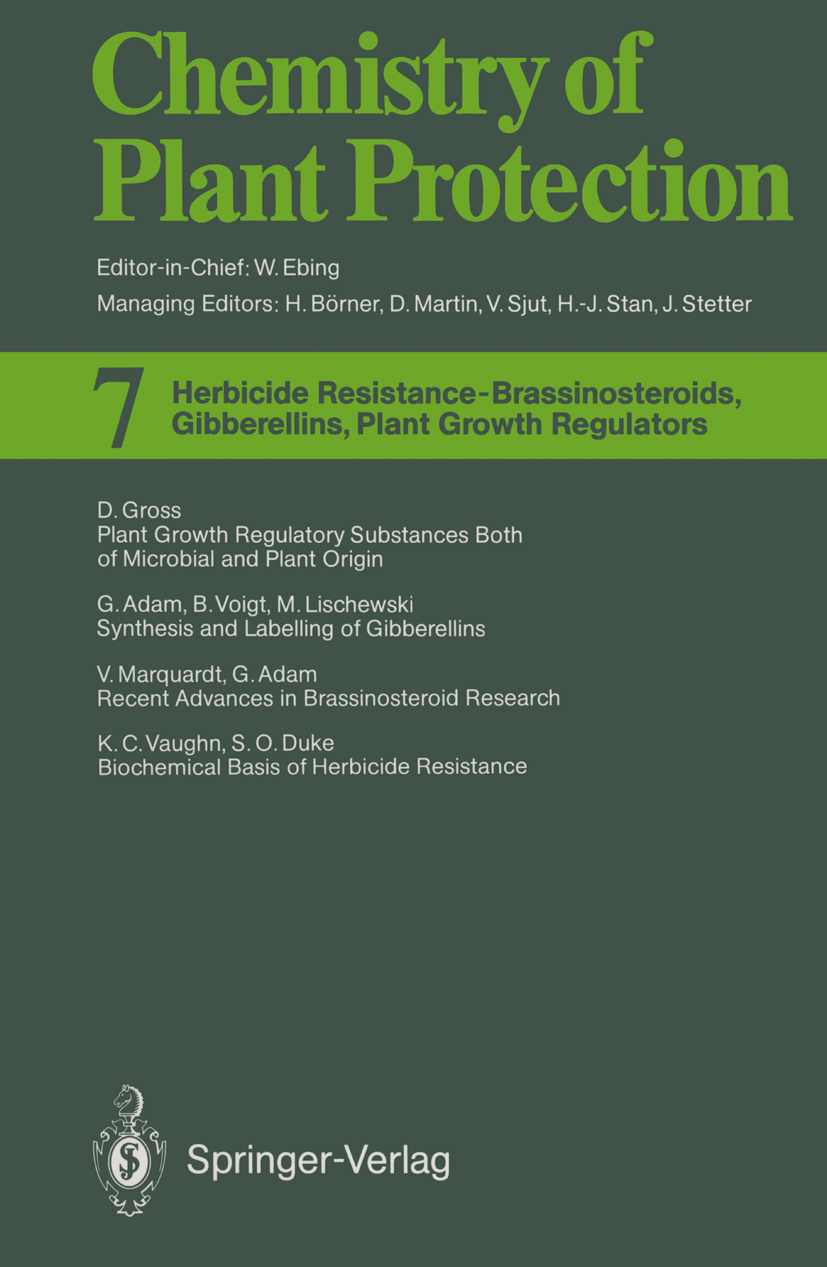
Herbicide Resistance — Brassinosteroids, Gibberellins, Plant Growth Regulators Chemistry of Plant Protection, Volume 7, provides critical review articles on new aspects of herbicide resis- tance, serving the needs of research scientists, pesticide manufacturers, government regulators, agricultural practitioners. TECHNOLOGY & ENGINEERING,Agriculture,General
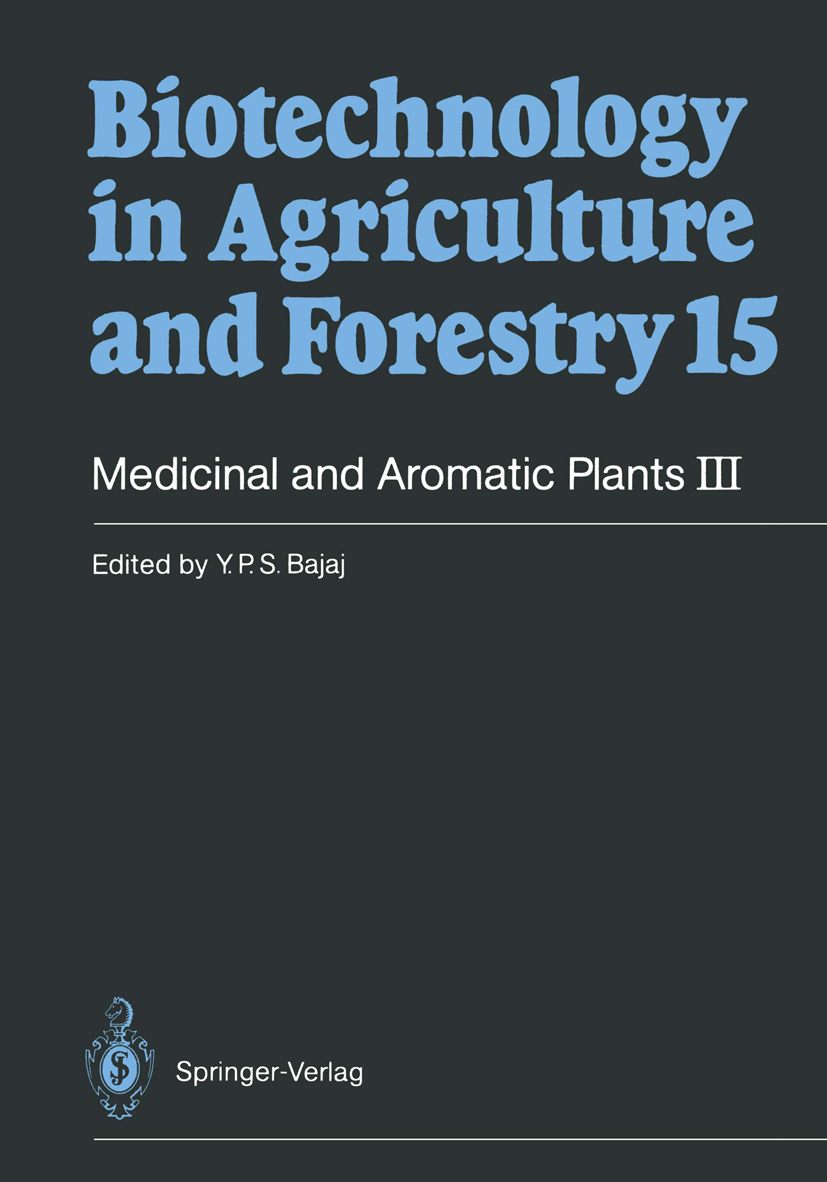
Medicinal and Aromatic Plants III After the 1988 and 1989 volumes, this is the third volume on Medicinal and Aromatic Plants. Each of the 29 chapters contributed by international scientists deals with one individual plant genus, namely Atropa, Ageratina, Ailanthus, Aconitum, Apium, Aloe, Akebia, Bidens, Carthamus, Chamomilla, Carum, Citrus, Cymbopogon, Dysosma, Euphorbia, Fritillaria, Glycyrrhiza, Lavandula, Nigella, Pelargonium, Perilla, Podophyllum, Rosa, Scutellaria, Securinega, Solanum, Swertia, Symphytum, Syringa. Their distribution, economic importance, conventional propagation, in-vitro propagation and production of metabolites through tissue culture are treated in detail. Special emphasis is laid on the potential of industrial in-vitro production of plant compounds of medical and pharmaceutical relevance using tissue culture. TECHNOLOGY & ENGINEERING,Agriculture,General
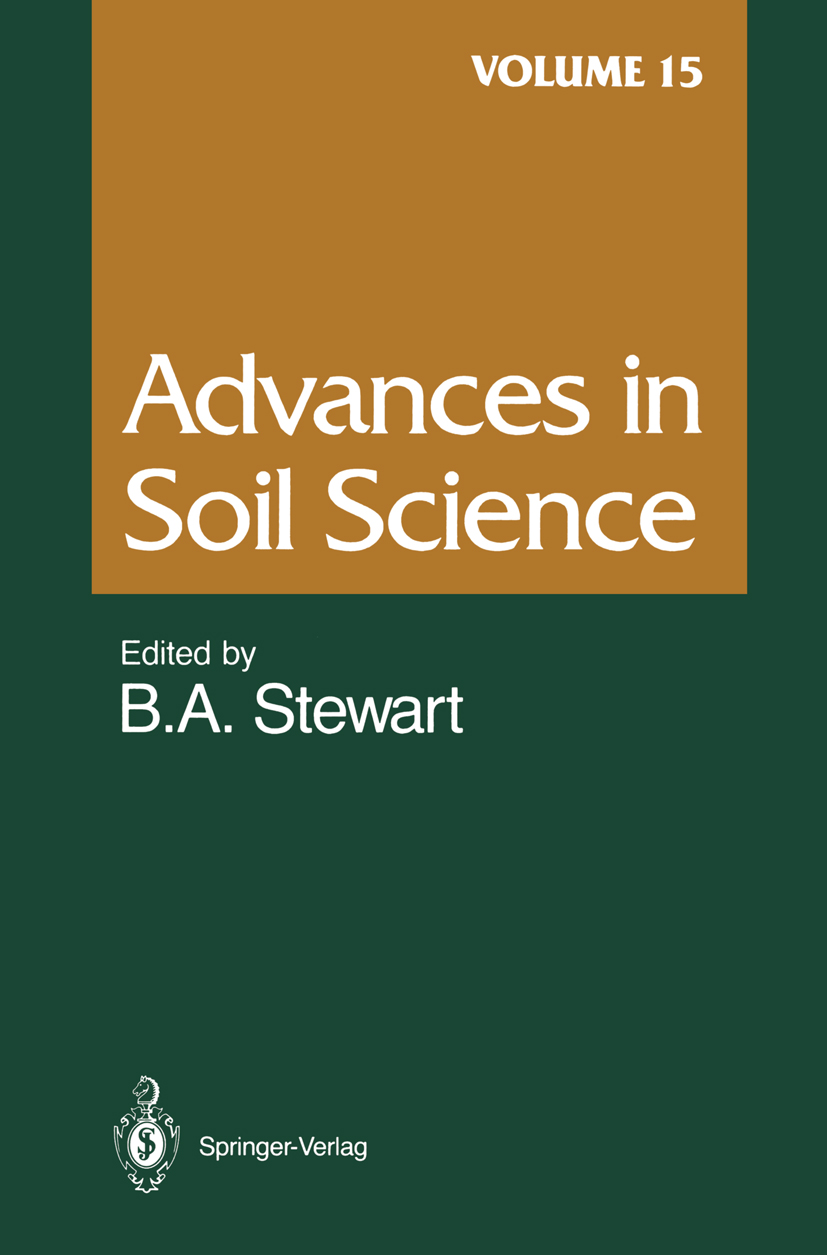
Advances in Soil Science The study of soils has taken on increased importance because a rapidly expanding population is placing demands on the soil never before experi enced. This has led to an increase in land degradation. Land degradation is one of the most severe problems facing mankind. Volume 11 of Advances in Soil Science was devoted entirely to this critical area of soil science. The editors of that volume, R. Lal and B.A. Stewart, defined soil degradation as the decline in soil quality caused by its misuse by humans. They further stated that soil degradation is a major concern for at least two reasons. First, it undermines the productive capacity of an ecosystem. Second, it affects global climate through alterations in water and energy balances and disruptions in cycles of carbon, nitrogen, sulfur, and other elements. Through its impact on agricultural productivity and environment, soil deg radation leads to political and social instability, enhanced rate of deforesta tion, intensive use of marginal and fragile lands, accelerated runoff and soil erosion, pollution of natural waters, and emission of greenhouse gases into the atmosphere. In fact, soil degradation affects the very fabric of mankind. TECHNOLOGY & ENGINEERING,Agriculture,General
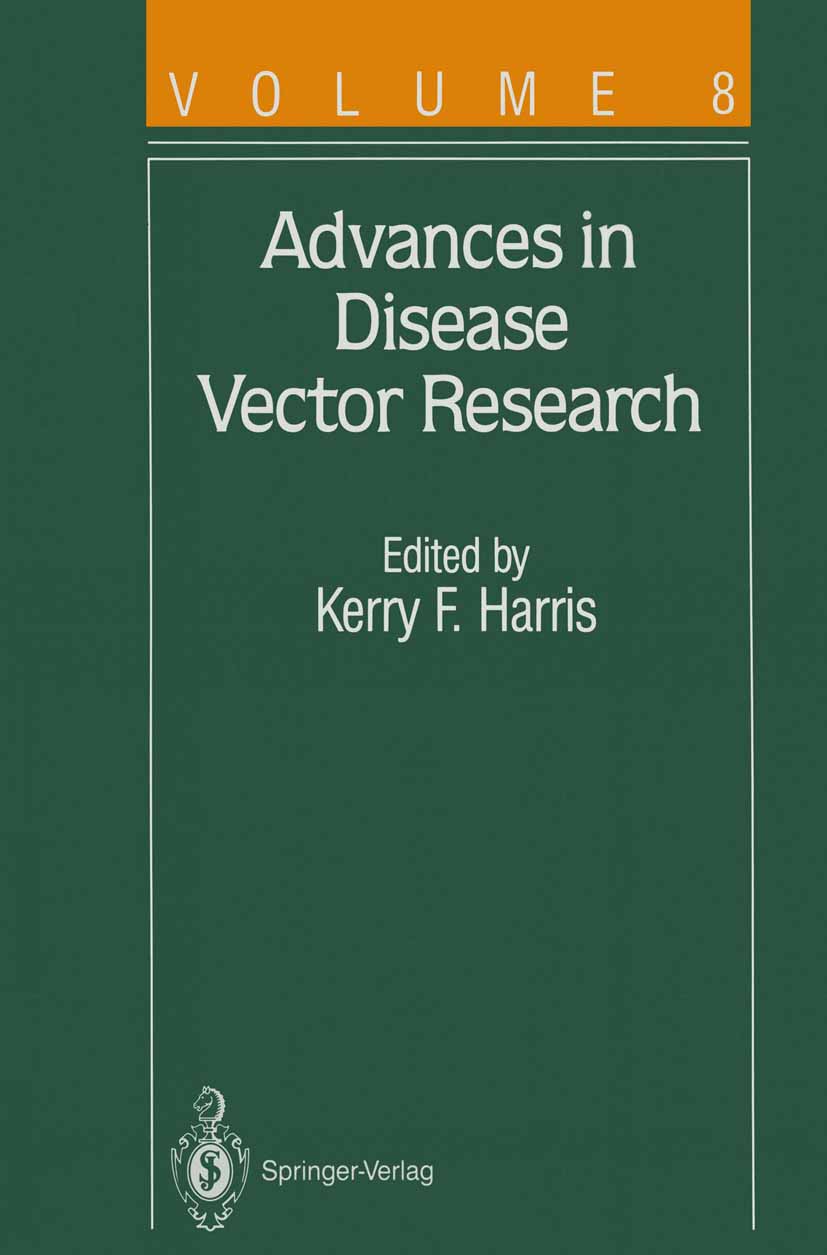
Advances in Disease Vector Research Entomology, plant pathology and virology are a few of the disciplines covered by this well-reviewed series. It also covers the spectrum of vectors from mosquitos and leafhoppers to nematodes, and pathogens from viruses to mycoplasmas to protozoa. Articles deal with the emerging science of vector ecology, and consider both biotic and abiotic environmental influences on disease transmission. As a form to present current thinking in this field, the series is an important resource for researchers and students involved in understanding and overcoming the many vector-borne diseases of plants, animals, and humans. TECHNOLOGY & ENGINEERING,Agriculture,General
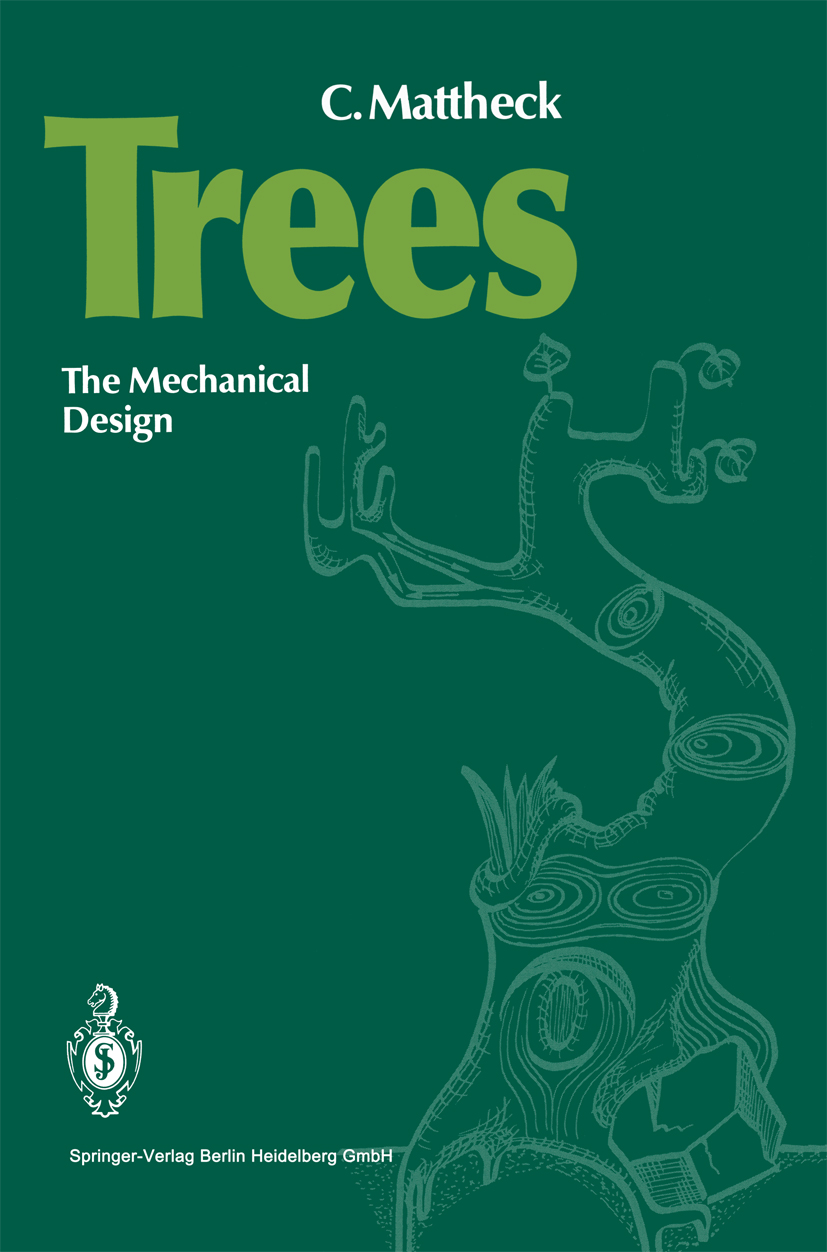
Trees The beauty of a knotty oak tree is different from that of a lovely flower. It is the rough beauty of an old soldier's face showing the traces of wind and sun, of harm and of victory, bearing the scars of bygone battles. It is different from the fragile, delicate beauty of a young girl which is evident to anyone at first sight. The beauty of an old and crippled tree is hidden unless perceived by the alert eye which is able to fancy or rather discern the hard trials of life the tree has ex perienced. Contemplating trees in this way is not much different from busying oneself with physiognomies, i.e. with the art of judging character from the features of the human face. Physiognomies is often considered a dubious science, but is prac ticed every day in human communication by everybody from early childhood to old age. Although we all are able to discern the angrily furrowed brow, the laughing crow's-feet below the eyes, the arrogant harsh lines around the nose, the hard narrow mouth, the gluttonous lip, and the secret eye of the silent ob server, we would never admit to rely on such seemingly doubtful methods. TECHNOLOGY & ENGINEERING,Agriculture,General

Advances in Soil Science The International Society ofSoil Science was organized in 1924 and the 1st International Congress ofthe Society was held in Washington, D. C. , United States ofAmerica, in 1927. The 14th Congress was held August 12-18, 1990 in Kyoto, Japan. Dr. Akira Tanaka, Society President, stated "It is a serious concernofpeopleintheworldtosustainhighfarming productivityfor feeding the ever growing population,and also to protect the environment for human habitation. For this purpose, it is necessary to maximize crop yield per unit field areathroughintensivemanagementofthesoilandcropsonlands which are best suited for crop production, and to leave lands which are suboptimal for crops under natural conditions insofar as possible. Soil science is respon siblefor planningtheoptimumland-usesystem,for managing soilsand crops with maximum efficiency, and for fighting intelligently against soil deteriora tion. " Dr. Tanaka clearly stated the challenges facing soil scientists, and they are indeed challenges. Even though the rate ofworld population growth has decreased somewhat in recent years, the consensus is that total population willdouble-to some ten billion-beforeit stabilizes. The increased produc tion of food, fiber, and fuelwood necessary for the people will require a continued supply ofnew technologies and management practices. The consensus of many scientists is that the greatest challenge is not increasing production, but preventing serious deterioration of the soil and waterresource base so theproductionlevel can be sustained. Therearemany historical examples where civilizations were successful for extended periods onlytoseesoildegradationleadtotheircollapse. TECHNOLOGY & ENGINEERING,Agriculture,General
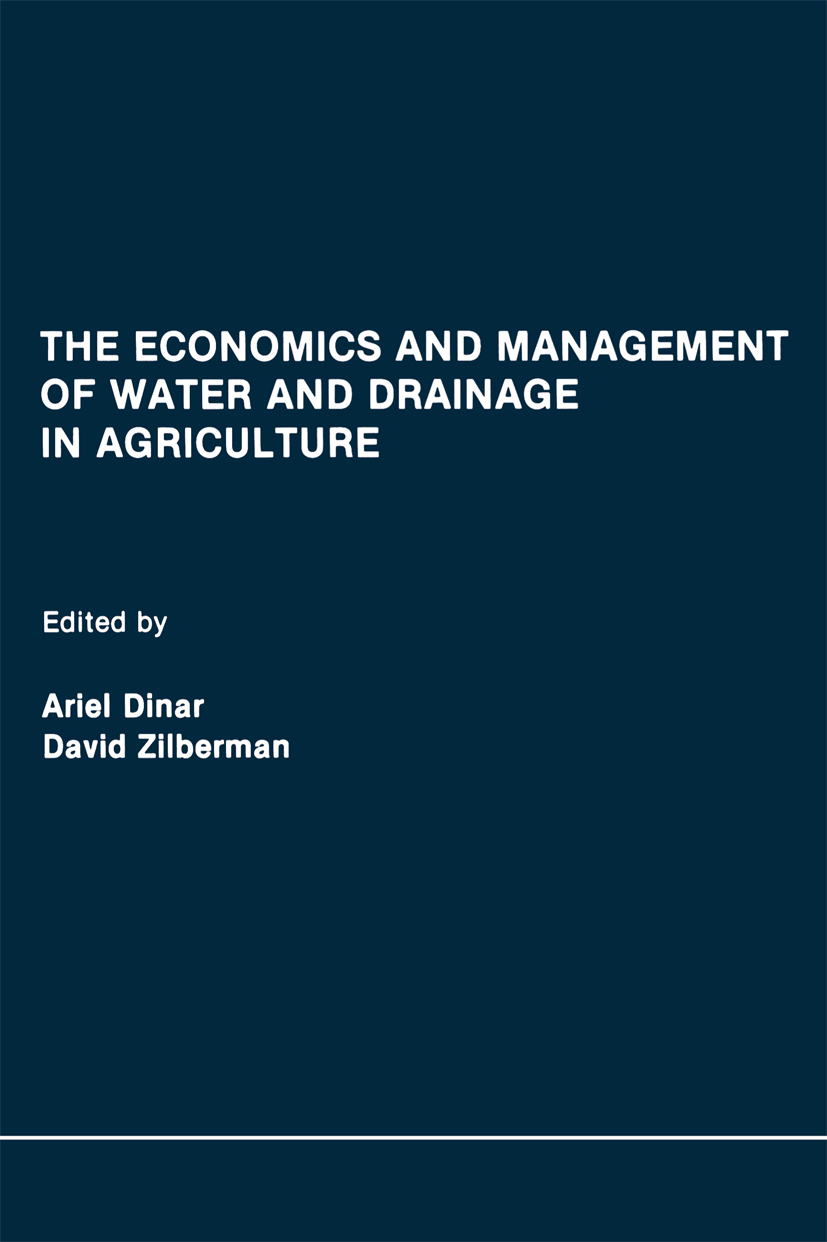
The Economics and Management of Water and Drainage in Agriculture Jan van Schilfgaarde, USDA Agricultural Research Service and National Research Council Committee on Irrigation-Induced Water Quality Problems In 1982, a startling discovery was made. Many waterbirds in Kesterson National Wildlife Refuge were dying or suffering reproductive failure. Located in the San Joaquin Valley (Valley) of California, the Kesterson Reservoir (Kesterson) was used to store agricultural drainage water and it was soon determined that the probable cause of the damage to wildlife was high concen trations of selenium, derived from the water and water organisms in the reservoir. This discovery drastically changed numerous aspects of water management in California, and especially affected irrigated agriculture. In fact, the repercussions spilled over to much of the Western United States. For a century, water development for irrigation has been a religiously pursued means for economic development of the West. The primary objective of the Reclamation Act of 1902 was, purportedly, the development ofirrigation water to support family farms which, in turn, would enhance the regional economy (Worster, 1985). TECHNOLOGY & ENGINEERING,Agriculture,General
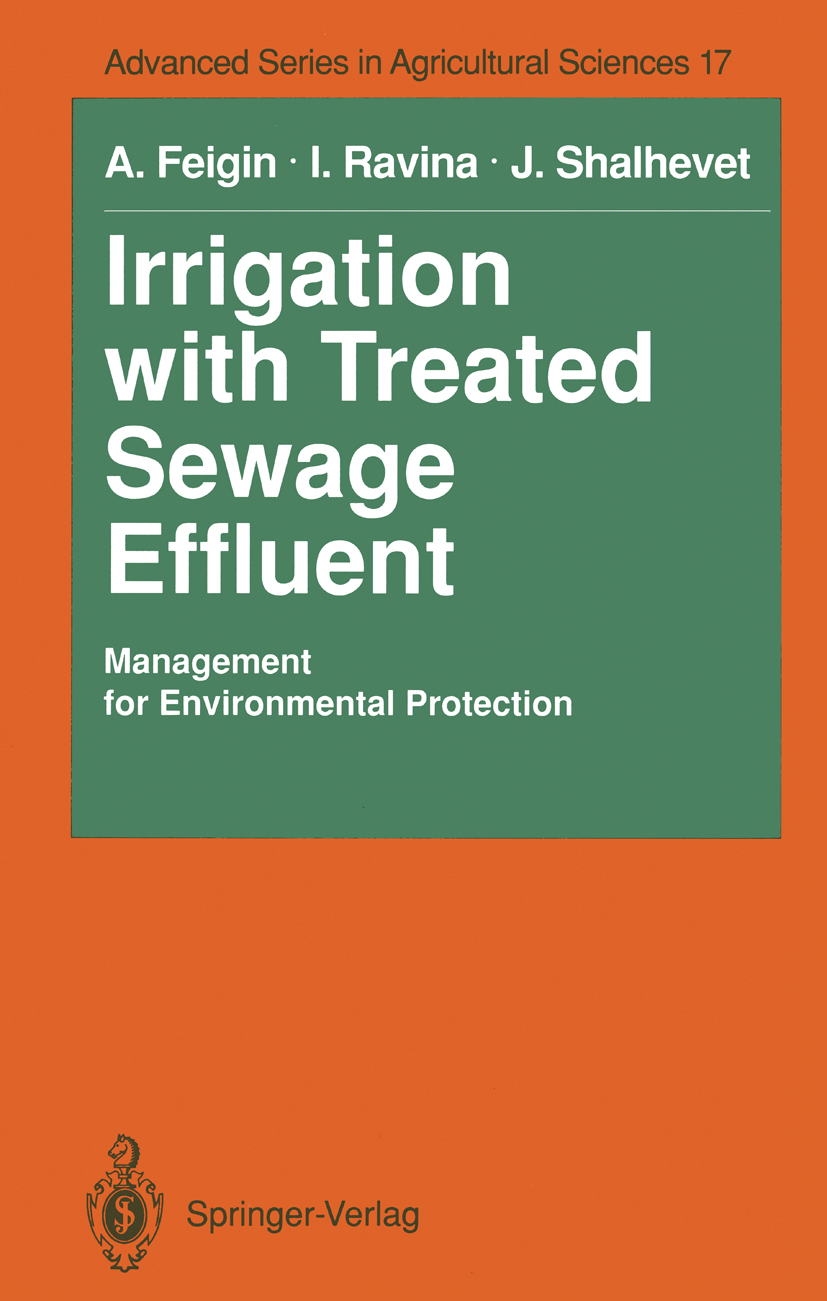
Irrigation with Treated Sewage Effluent Properly treated sewage effluent becomes an alternative source of irrigation water, and at the same time it provides a convenient means of sewage disposal through land treatment to prevent potential health and environmental hazards caused by uncontrolled flow of wastewater. The objective of this volume is to provide the reader with a comprehensive up-to-date overview of the principles and practices of irrigation with treated sewage effluent, including special reference to arid quality of the water (e.g. pathogenic organisms, salt, nutrients). The present volume describes the main components of effluent-soil-plant systems involved in the development of appropriate irrigation-fertilization-cropping management for optimizing crop production. Comprehensive information has been suggested on the following subjects: 1. source, treatment and properties of sewage effluent; 2. main processes of different effluent constituents on soil-plant systems; 3. irrigation-fertilization management; 4. irrigation systems for sewage effluent. TECHNOLOGY & ENGINEERING,Agriculture,General
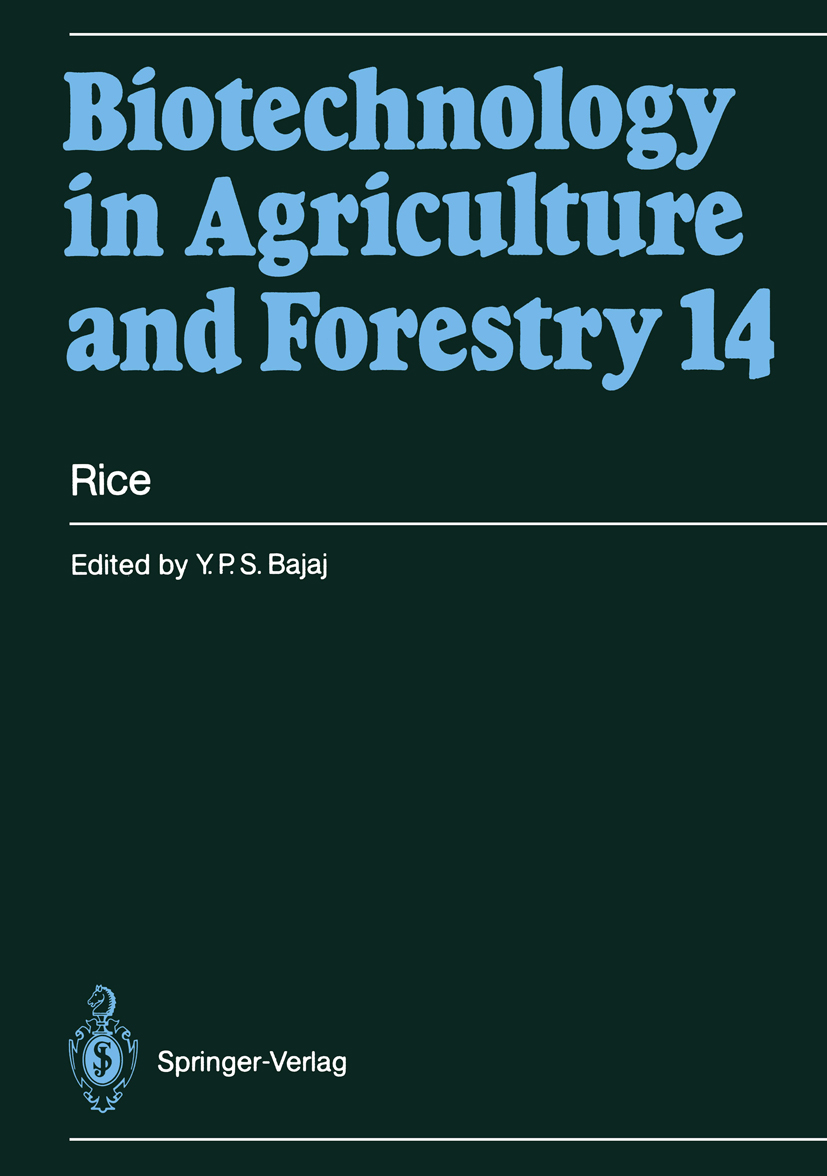
Rice Rice is the most important cereal crop which feeds more than half the population of the world. It is being grown in more than 144. 641 million ha with a production of over 468. 275 million tons (in 1988). Rice is attacked by a large number of pests and diseases which cause an enormous loss in its yield. Therefore, the major objectives in rice breeding are the development of disease resistance, tolerance to insects, adverse soil water, and drought; and improvement of quality including increased protein content. Tremendous efforts being made at the International Rice Research Institute have resulted in the release of improved varieties. It is estimated that the world's annual rice production must increase from 460 million tons (in 1987) to 560 million tons by the year 2000, and to 760 million tons by 2020 (a 65% increase) in order to keep up with the population growth (IRRI Rice Facts 1988). To achieve this gigantic goal, new strategies have to be evolved. Since the success of any crop improvement program de pends on the extent of genetic variability in the base population, new techniques need to be developed not only to generate the much needed variability but also for its conservation. In this regard the progress made in the biotechnology of rice during the last 5 years has amply demonstrated the immense value of innovative approaches for further improvement of this crop. TECHNOLOGY & ENGINEERING,Agriculture,General
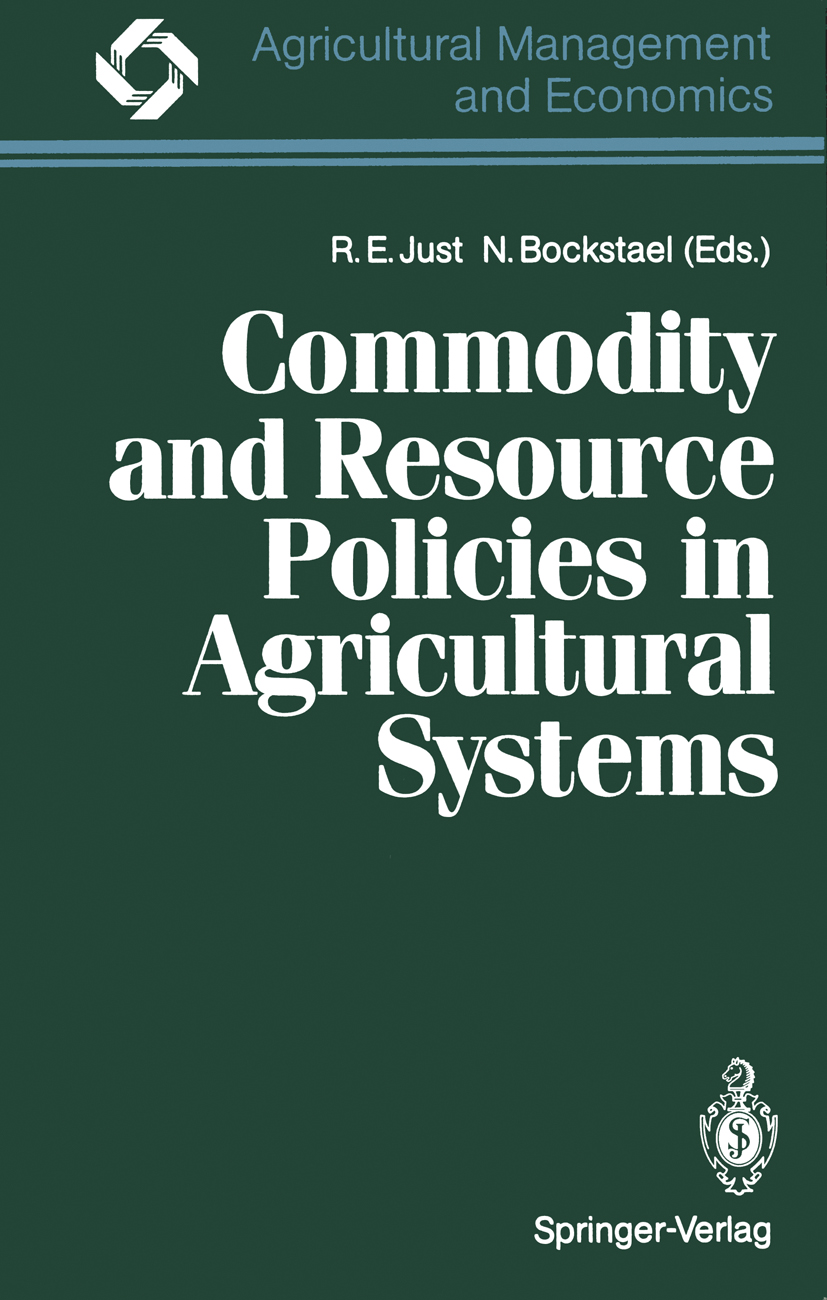
Commodity and Resource Policies in Agricultural Systems Agricultural, natural resource, and environmental problems are becom ing increasingly interdependent. For example, soil erosion is largely determined by agricultural land use. Both water use and water con tamination depend on land use and technology choice in agriculture. In many areas, the fertilizers and pesticides used in agriculture are ma jor pollutants of ground and surface water, having adverse effects on drinking water and fisheries. Agricultural pollutants such as pesticides also produce adverse health effects for agricultural workers and the consuming public. On the other hand, the availability of water resources and the value of competing land uses influence agricultural production. Additionally, regional air quality problems may affect crops and global environmental trends may have long-term implica tions for farming. Agriculture, natural resources and environmental quality are all heavily regulated in the U. S. , but they are done so by a vast array of competing or unrelated agencies within the U. S. Departments of Agriculture, Interior, and Commerce, the Environmental Protection Agency; and numerous state agencies. Considering the large number of bureaucratically remote public agencies involved and the pervasive in terdependencies between agriculture, natural resources and the environ ment, policies develop which are at best uncoordinated and at worst conflicting and counterproductive. These policies have become sources of controversy as different interest groups struggle to affect their im plementation, as different agencies have fought for administrative con trol and as legislative bodies have attempted to enact piecemeal changes. TECHNOLOGY & ENGINEERING,Agriculture,General

High-Tech and Micropropagation I Presented here is another classic from this series and deals with general aspects of micropropagation of plants for commercial exploitation. It includes chapters on setting up a commercial laboratory, meristem culture, somatic embryogenesis, factors affecting micropropagation, disposable vessels, vitrification, acclimatization, induction of rooting, artificial substrates, cryopreservation and artificial seed. Special emphasis is given on modern approaches and developing technologies such as automation and bioreactors, robots in transplanting, artificial intelligence, information management and computerized greenhouses for en masse commercial production of plants. TECHNOLOGY & ENGINEERING,Agriculture,General

Advances in Soil Science The purpose of Advances in Soil Science is to provide a forum for leading scientists to analyze and summarize the available scientific information on a subject, assessing its importance and identifying additional research needs. A wide array of subjects has been addressed by authors from many countries in the initial ten volumes of the series. The quick acceptance of the series by both authors and readers has been very gratifying and confirms our perception that a need did exist for a medium to fill the gap between the scientific journals and the comprehensive reference books. This volume is the first of the series devoted entirely to a single topic soil degradation. Future volumes will include both single-topic volumes as well as volumes containing reviews of different topics of soil science, as in the case of the first ten volumes. There are increasing concern and attention about managing natural re sources, particularly soil and water. Soil degradation is clearly one of the most pressing problems facing mankind. Although the spotlight regarding soil degradation in recent years has focused on Africa, concern about the degradation of soil and water resources is worldwide. The widespread con cern about global environmental change is also being linked to severe problems of soil degradation. Therefore, we are indeed pleased that the first volume of the series devoted to a single topic addresses such an impor tant issue. The current volume is also the first of the series involving a guest editor. TECHNOLOGY & ENGINEERING,Agriculture,General
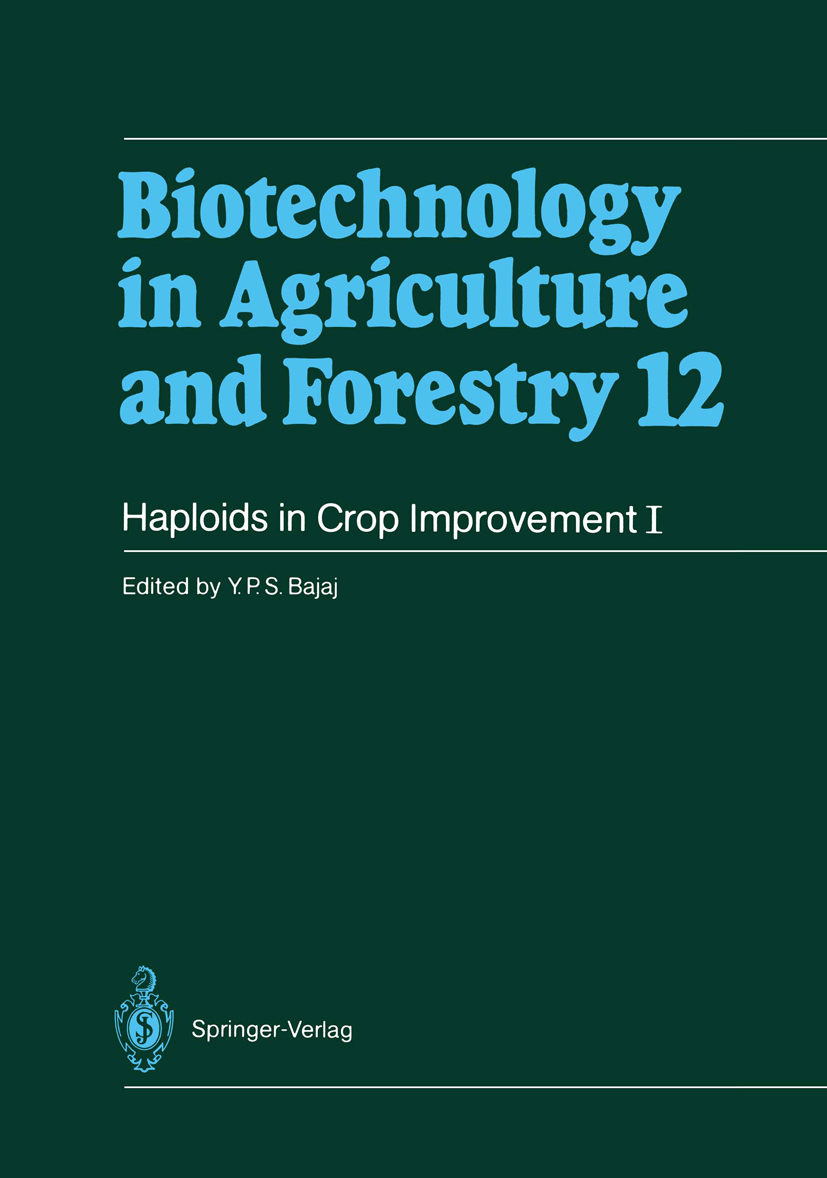
Haploids in Crop Improvement I Haploid plants have the gametophytic number of chromosomes. They are of great importance, especially in studies on the induction of muta tions and also for the production of homozygous plants, they are needed in large numbers. The conventional methods employed by plant breeders for their production are cumbersome, time-consuming, laborious and rather inefficient. Sometimes it may take years to produce a pure line. However, with the introduction of in vitro techniques, especially anther culture for the induction of androgenesis, it has become increasingly evi dent that these methods considerably accelerate the production of haploids for plant breeding programs. During the last decade, in vitro-produced haploids have been incor porated into breeding programs of many agricultural crops, and positive results have been obtained especially with rice, wheat, potato, barley, maize, asparagus, sunflower, brassica, tobacco, etc. Among these, rice and wheat are the best examples in which a number of improved varieties have been released. In wheat, the breeding cycle can be shortened by three or four generations when the pollen haploid breeding method is used instead of conventional cross-breeding. The release of the wheat varieties Jinghua 1 and Florin is a typical example of what can be achieved with other crops. Taking these developments into considera tion, the present volume, Haploids in Crop Improvement I, was compil ed. TECHNOLOGY & ENGINEERING,Agriculture,General
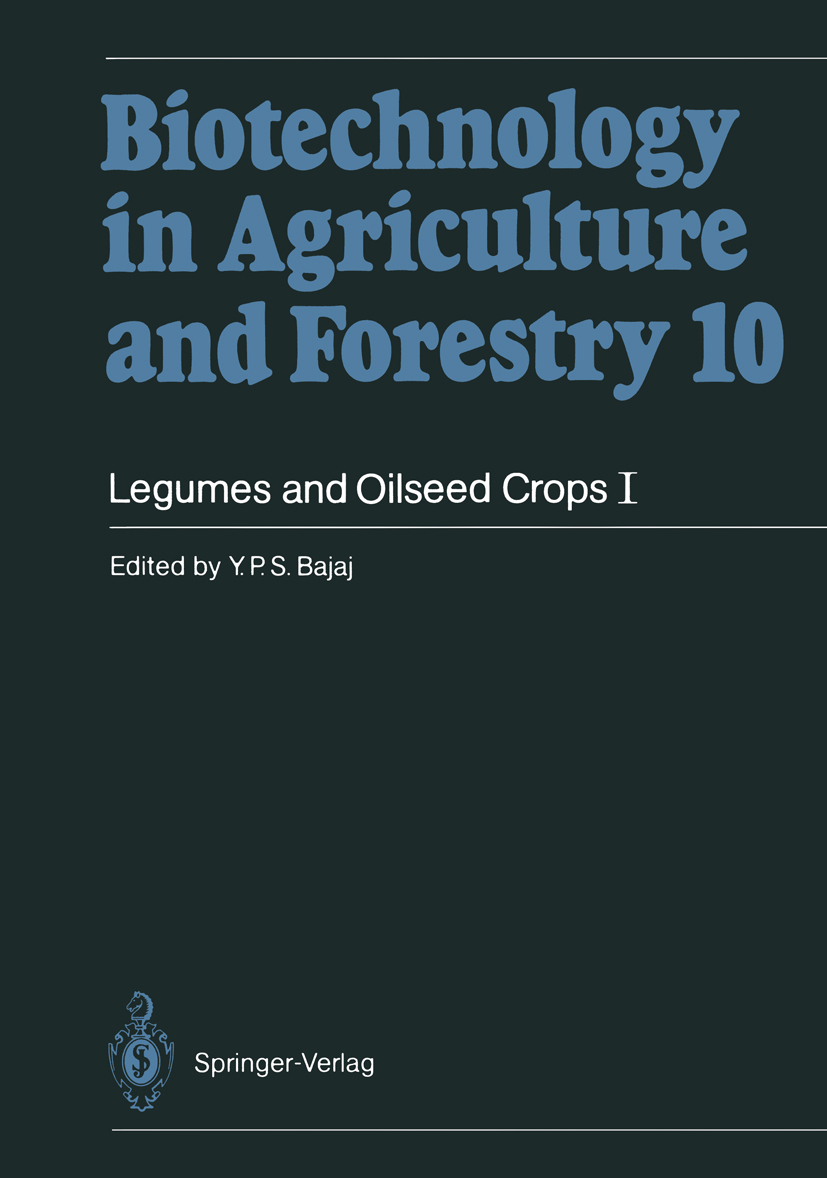
Legumes and Oilseed Crops I Legumes and oilseed crops are a rich source of protein and energy. The major objectives in grain-legume breeding are to increase grain yield, protein quantity and quality and digestibility, and to decrease toxic fac tors, seed hardness and cooking time. Similarly, oilseed crops such as brassicas and peanut share somewhat similar genetic improvement goals, but suffer from susceptibility to a number of pathogens and diseases. In spite of the best efforts through conventional breeding, their yield has been virtually static, with no significant breakthrough. The lack of genetic variability in the base population has been considered to be a major limiting factor for the slow progress made in the improvement of these crops. The desired goals can be achieved by incorporating addi tional genetic variability in the existing germplasm. The protein and oil contents which are genotypically oriented can be enhanced further by suitable crosses. In this regard, progress made during the last decade, in the area of in vitro manipulation and recombinant DNA technology, holds promise for the improvement of these crops. Among the oilseed crops, Brassica spp. , soybean and sunflower have been well studied, wherein haploids, somaclones, somatic hybrids, cybrids and transformed plants have been produced. Oilpalm is one of the best examples where micropropagation is being commercially prac ticed. Regarding legumes, though there is extensive work on forages, such as Medicago and Trifolium, much needs to be done on food legumes. TECHNOLOGY & ENGINEERING,Agriculture,General
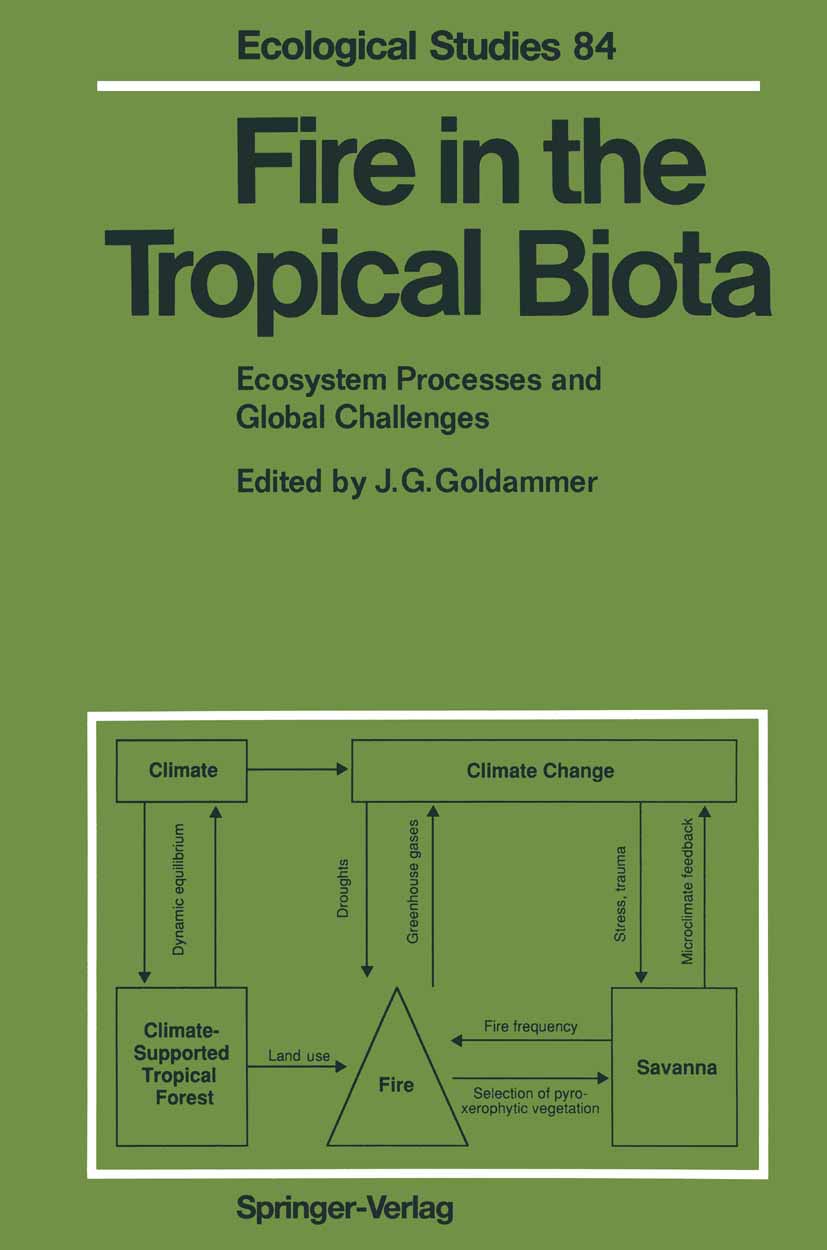
Fire in the Tropical Biota In 1977, the Volkswagen Foundation sponsored the first of a series of International Symposia on Fire Ecology at Freiburg University, Federal Republic of Germany. The scope of the congresses was to create a platform for researchers at a time when the science of fire ecology was not yet recognized and established outside of North America and Australia. Whereas comprehensive information on the fire ecology of the northern boreal, the temperate, and the mediter ranean biotas is meanwhile available, it was recognized that conside rable gaps in information exist on the role of fire in tropical und sub tropical ecosystems. Thus it seemed timely to meet the growing scientific interest and public demand for reliable and updated infor mation and to synthesize the available knowledge of tropical fire ecology and the impact of tropical biomass burning on global eco system processes. The Third Symposium on Fire Ecology, again sponsored by the Volkswagen Foundation and held at Freiburg University in May 1989, was convened to prepare this first pantropical and multidisci plinary monograph on fire ecology!. The book, in which 46 scientists cooperated, analyzes those fire-related ecosystem processes which have not yet been described in a synoptic way. Following the editor's concept, duplication at previous efforts in describing tropical vegeta tion patterns and dynamics was avoided. Extensive bibliographical sources are given in the reference lists of the chapters. TECHNOLOGY & ENGINEERING,Agriculture,General

Advances in Statistical Methods for Genetic Improvement of Livestock Developments in statistics and computing as well as their application to genetic improvement of livestock gained momentum over the last 20 years. This text reviews and consolidates the statistical foundations of animal breeding. This text will prove useful as a reference source to animal breeders, quantitative geneticists and statisticians working in these areas. It will also serve as a text in graduate courses in animal breeding methodology with prerequisite courses in linear models, statistical inference and quantitative genetics. TECHNOLOGY & ENGINEERING,Agriculture,General
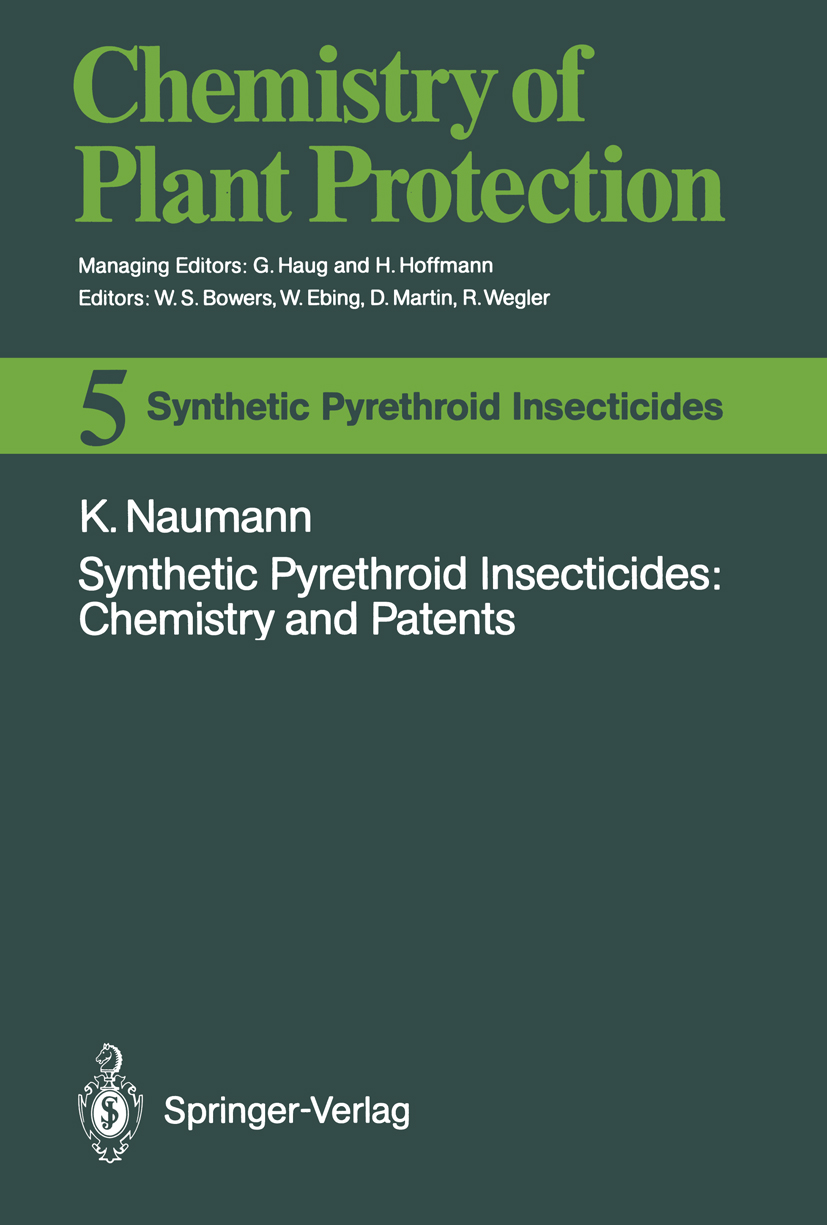
Synthetic Pyrethroid Insecticides Chemistry of Plant Protection continues the handbook "Chemie der Pflanzenschutz- und Schädlingsbekämpfungsmittel", edited by R. Wegler. Volumes 4 and 5 of the series provide the first complete and in depth overview of synthetic pyrethroid insecticides . Volume 5 presents a detailed survey of the numerous synthetic methods (270 reaction schemes) and of stereochemical aspects of trade products, and a compilation of almost every patent on pyrethroids (2700 references evaluated). TECHNOLOGY & ENGINEERING,Agriculture,General
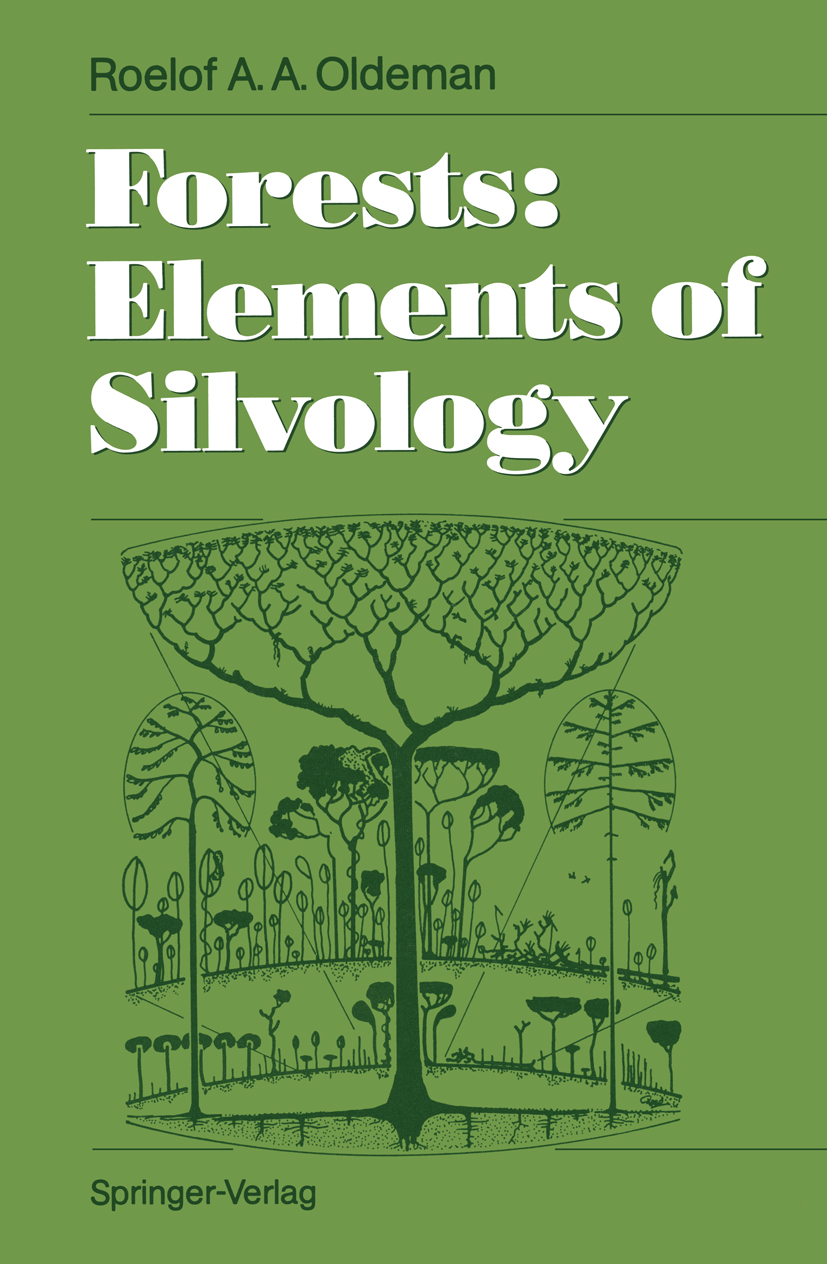
Forests Silvology is the general science of forest ecosystems, without the usual division between Man and Nature. This systematic treatment of forests intends to integrate and harmonize existing approaches with the help of systems modeling in a hierarchy of close system levels, according to criteria of biological architecture, biomass production and species composition. Scientists and practitioners will appreciate this synoptic treatment of forests and their ecology, allowing the balance of holistic and reductionist viewpoints, and the placement of phenomena and techniques. Topics covered include: - introduction of the methods, - sections on forest organisms, - a special chapter on trees, - eco-units, i.e. forest ecosystems developing after some zero-event like fire, storm or waterlogging, - silvatic mosaics built by the eco-units of different size, architecture and species composition, - a summary of silvological rules determining system's behaviour at every level, e.g. fragmentation and fusion, transfer of functions, irreversibility and process oscillation. TECHNOLOGY & ENGINEERING,Agriculture,General
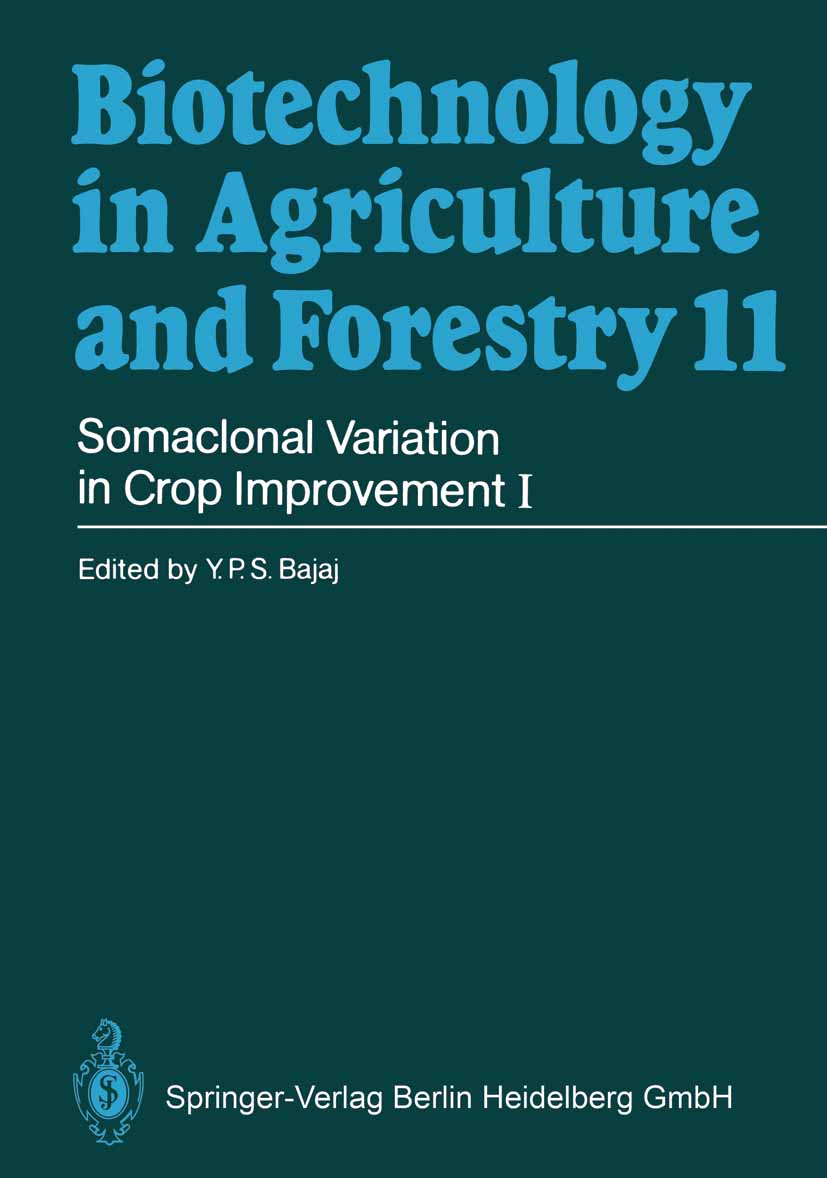
Somaclonal Variation in Crop Improvement I Genetic erosions in plant cell cultures, especially in chromosome number and ploidy level, have now been known for over 25 years. Until the mid -1970ssuch changes were consideredundesirable and thereforediscarded because the main emphasis wason clonal propagation and genetic stability of cultures. However, since the publication on somaclonal variation by Larkin and Scowcroft (1981) there has been a renewed interest to utilize these in vitro obtained variations for crop improvement. Studies conduc ted during the last decade have shown that callus cultures, especially on peridical subculturing over an extended period of time, undergo morpho logical and genetic changes, i. e. polyploidy, aneuploidy, chromosome breakage, deletions, translocations, gene amplification, inversions, muta tions, etc. In addition, there are changes at the molecular and biochemical levelsincluding changes in the DNA, enzymes,proteins, etc. Suchchanges are now intentionally induced, and useful variants are selected. For instance in agricultural crops such as potato, tomato, tobacco, maize, rice and sugarcane, plants showing tolerance to a number of diseases, viruses, herbicides and salinity, have been isolated in cell cultures. Likewise induction of male sterility in rice, and wheat showing various levels of fer tility and gliadin, have been developed in vitro. These academic excercises open new avenues for plant breeders and pathologists. Another area of tremendous commercial importance in the pharmaceuti cal industry is the selection of cell lines showing high levels of medicinal and industrial compounds. Already high shikonin containing somaclones in Lithospermum are being used commercially. TECHNOLOGY & ENGINEERING,Agriculture,General
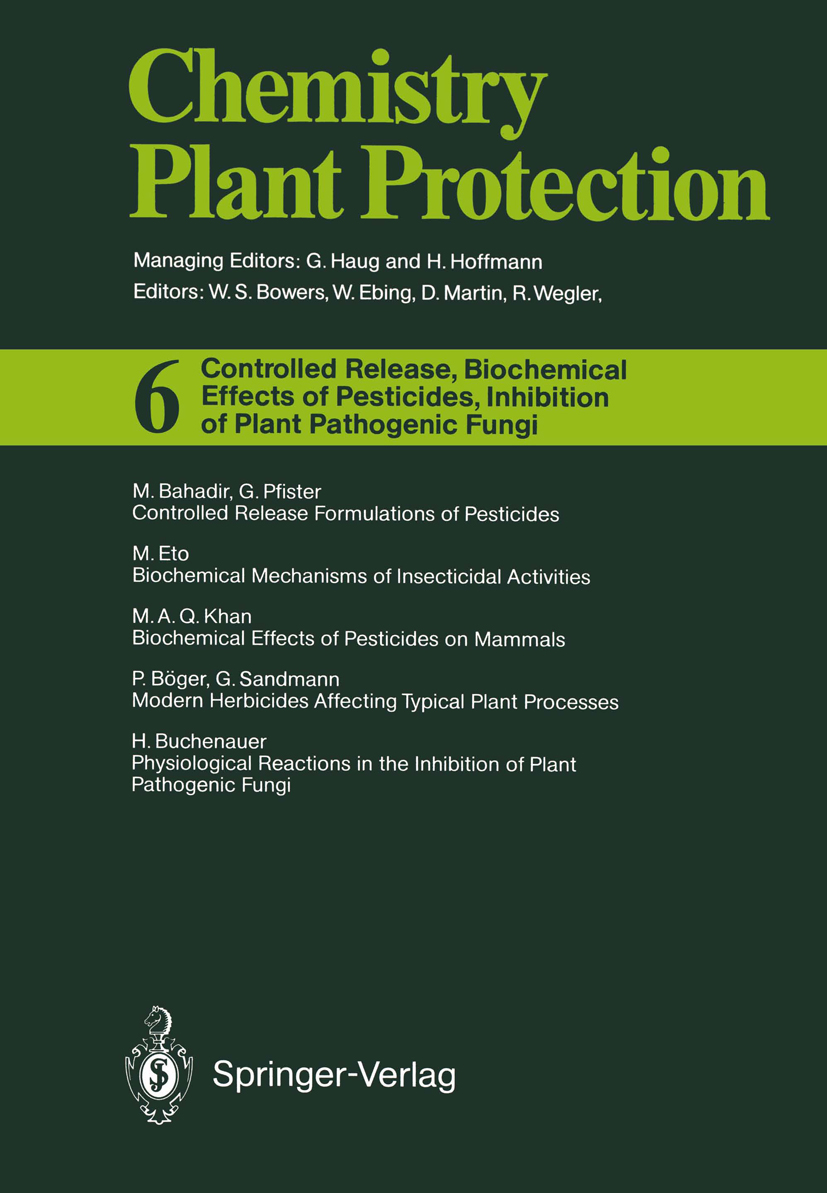
Controlled Release, Biochemical Effects of Pesticides, Inhibition of Plant Pathogenic Fungi Since the middle of the Sixties, new types of formulation for biologically active com pounds have been developed, which have been introduced into the literature under the term Controlled Release Formulations (CRF). Stimulated by results from former and successful pharmaceutical research, which was engaged in the production of prepa rations with protracted effects (introduction onto the market in the year 1952 of D amphetamine in the form of pellets, coated to varying degrees with fats and waxes) 1), experiments were carried out to transfer the prolongation of effectiveness to pesticidal substances also, by means of a depot formulation. Initial work was concerned with the production of protective coatings for sonar systems in marine ecosystems. By means of antifouling paints or rubber coatings containing tri-n-butyl-tin oxide (TBTO), the growth of marine organisms on sonar domes, buoys and hulls in the water could be effectively prevented 2. 3). Controlled release formUlations of pesticides are defined as depot systems which continuously release their toxic constituents into the environment over a specified period of time (usually months to years) 4). According to this definition, such formu lations can be successfully employed where a chronic exposure to biologically active compounds is required over a longer period. The following hypothetical example is intended to illustrate this 5). In Fig. 1, the duration of activity of a non-persistent pesticide with a loss rate under environmental conditions of t1/2 = 15 days, is graphically illustrated. TECHNOLOGY & ENGINEERING,Agriculture,General

Advances in Soil Science The study of soils today has taken on increased importance because a rapidly expanding population is placing demands on the soil never before experienced. This has led to an increase in land degradation. Land degradation is one of the most severe problems facing mankind. Volume 11 of Advances in Soil Science was devoted entirely to this critical area of soil science. From the beginning of agriculture until about 1950, increased food production came almost entirely from expanding the cropland base. Since 1950, however, the yield per unit of land area for major crops has increased dramatically. Much of the increase in yields was because of increased inputs of energy. Between 1950 and 1985, the farm tractor fleet quadrupled, world irrigated area tripled, and use of fertilizer increased ninefold. Between 1950 and 1985, the total energy used in world agriculture increased 6. 9 times. Until recently, sustainability was seldom, if ever, mentioned in agricultural literature. Now, it is one of the most widely used terms. The high costs ofirriga tion development, escalating energy costs during the 1970s, public concern over potential negative impacts of fertilizer and pesticides on water supplies, soil ero sion, soil compaction and salinity problems, and other concerns have caused many people to question whether many of the present agriculture systems can be sustained. As a result, soil science is beginning to focus more on sustaining the resource base. TECHNOLOGY & ENGINEERING,Agriculture,General
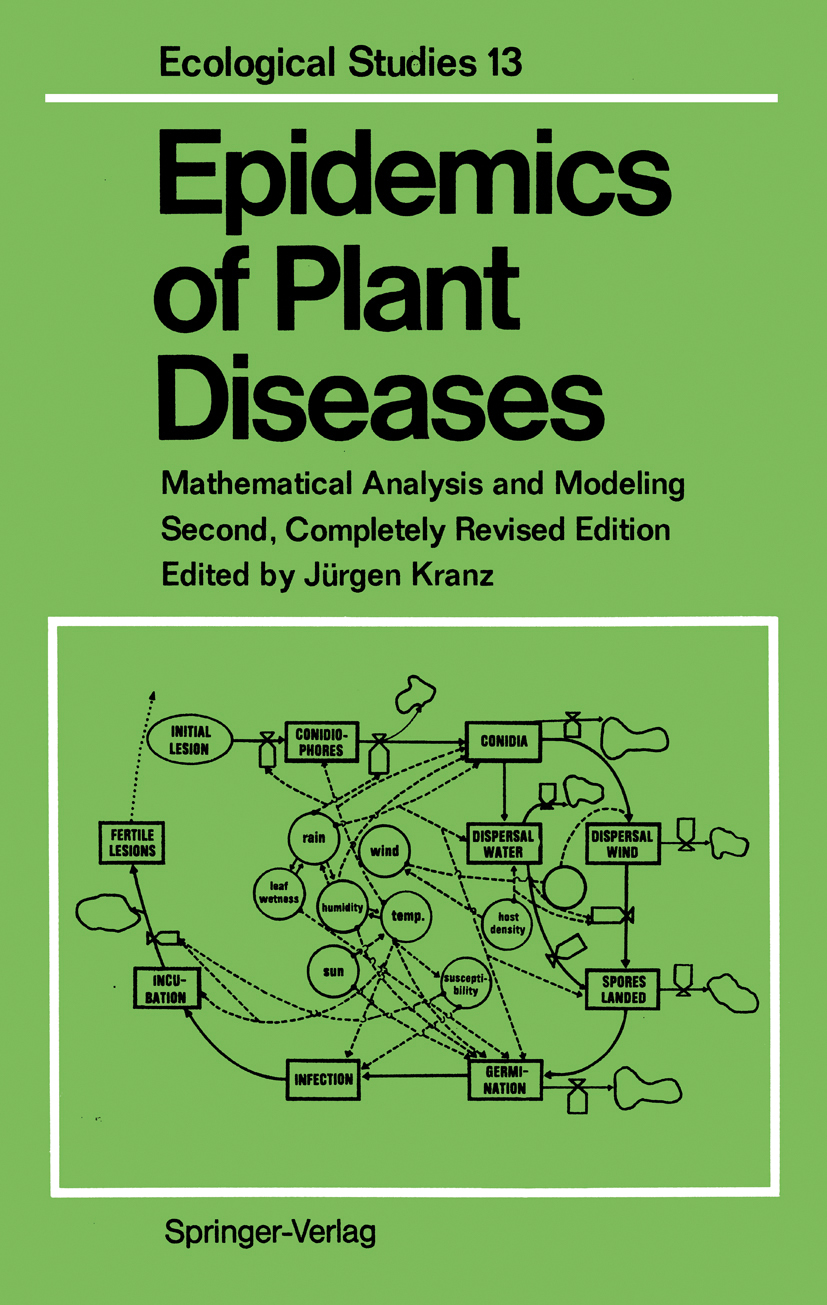
Epidemics of Plant Diseases In this volume experts present the latest status of mathematical and statistical methods in use for the analysis and modeling of plant disease epidemics. Topics treated are - methods in multivariate analyses, ordination and classification, - modeling of temporal and spatial aspects of air- and soilborne diseases, - methods to analyse and describe competition among subpopulations, e.g. pathogen races and - their interaction with resistance genes of host plants - assemblage and use of models - mathematical simulation of epidemics. New chapters on the modeling of the spreading of diseases in air and in soil are included in this second edition. TECHNOLOGY & ENGINEERING,Agriculture,General
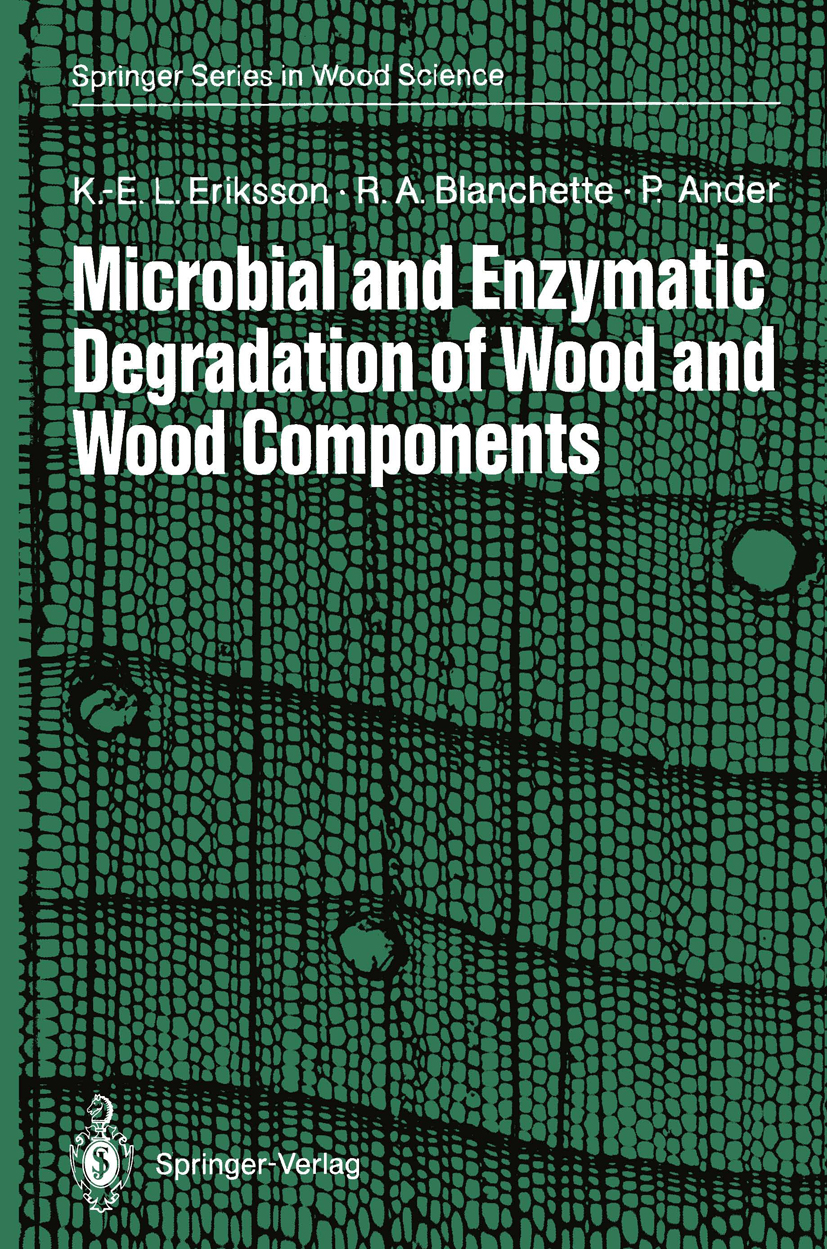
Microbial and Enzymatic Degradation of Wood and Wood Components The oil crisis during the 1970s turned interest towards the utilization of renewable resources and towards lignocellulosics in particular. The 1970s were also the cradle period of biotechnology, and the years when biotechnical utilization of lignocellulosic waste from agriculture and forestry gained priori ty. This was a logical conclusion since one of nature's most important biologi cal reactions is the conversion of wood and other lignocellulosic materials to carbon dioxide, water and humic substances. However, while biotechnology in other areas like medicine and pharmacology concerned production of expen sive products on a small scale, biotechnical utilization and conversion of ligno cellulosics meant production of inexpensive products on a large scale. Biotechnical utilization of lignocellulosic materials is therefore a very difficult task, and the commercial utilization of this technology has not progressed as rapidly as one would have desired. One reason for this was the lack of basic knowledge of enzyme mechanisms involved in the degradation and conversion of wood, other lignocellulosics and their individual components. There are also risks associated with initiating a technical development before a stable platform of knowledge is available. Several of the projects started with en thusiasm have therefore suffered some loss of interest. Also contributing to this failing interest is the fact that the oil crisis at the time was not a real one. At present, nobody predicts a rapid exhaustion of the oil resources and fuel production from lignocellulosics is no longer a high priority. TECHNOLOGY & ENGINEERING,Agriculture,General
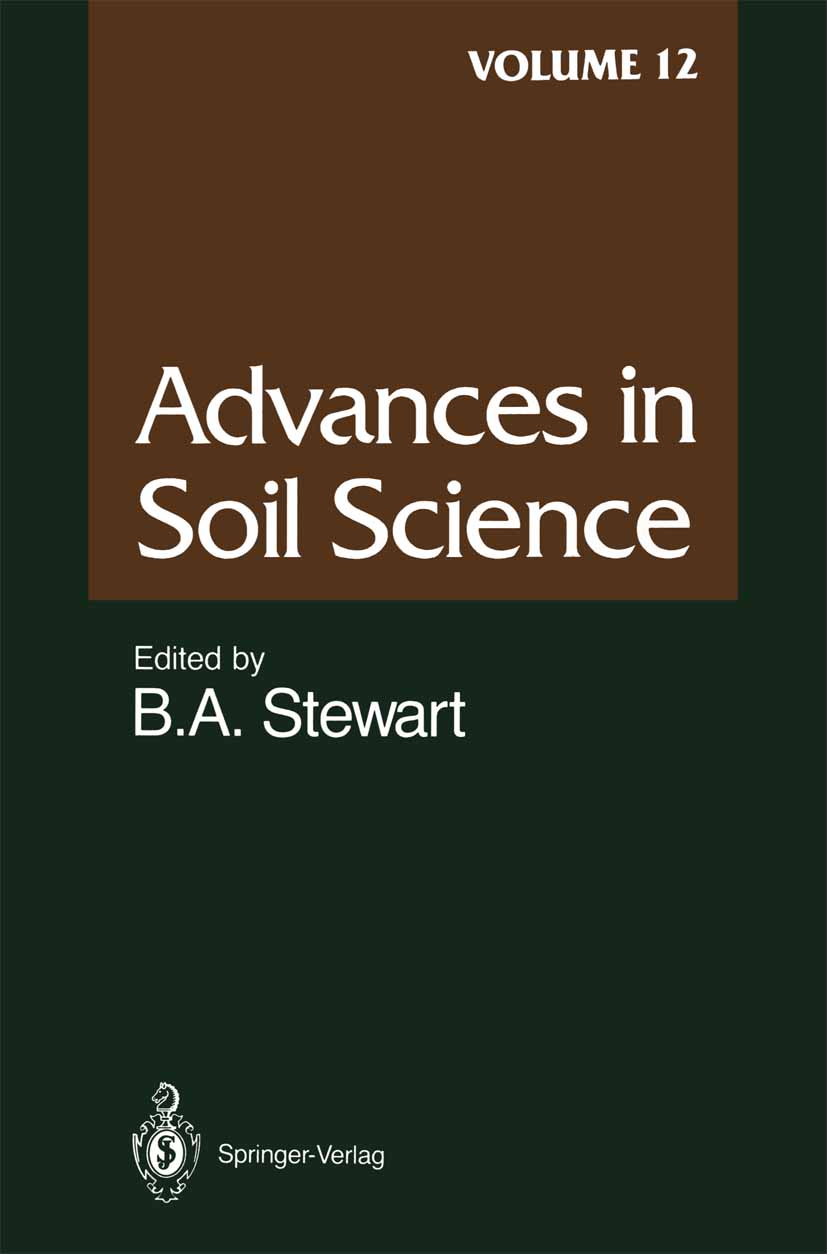
Advances in Soil Science Soil is formed from the physical and chemical weathering of rocks-processes described historically becau'se they involve eons of time-by glaciation and by wind and water transport of soil materials, which are later deposited in deltas and loessial planes. Soil undergoes further transformations over time and provides a habitat for biological life and a base for the development of civilizations. Soil is dynamic-always changing as a result of the forces of nature and particularly by the influences of man. Soil has been studied as long as history has been documented. Numerous references to soil are found in historical writings such as Aristotle (384-322 Be), Theophrastus (372-286 Be), Cato the E1der (234-149 Be), and Varro (116-27 Be). Some of the earliest historical references have to do with the erosional forces of wind and water. The study of soils today has taken on increased importance because a rapidly expanding population is placing demands never before experienced on the soil. This has led to an increase in land degradation. Land degradation is one of the most severe problems facing mankind. Volume 11 of Advances in Soil Science was devoted entirely to this critical area of soil science. This series, Advances in Soil Science, was established to provide a forum for leading scientists to analyze and summarize the available scientific information on a subject, assessing its importance and identifying additional research needs. TECHNOLOGY & ENGINEERING,Agriculture,General
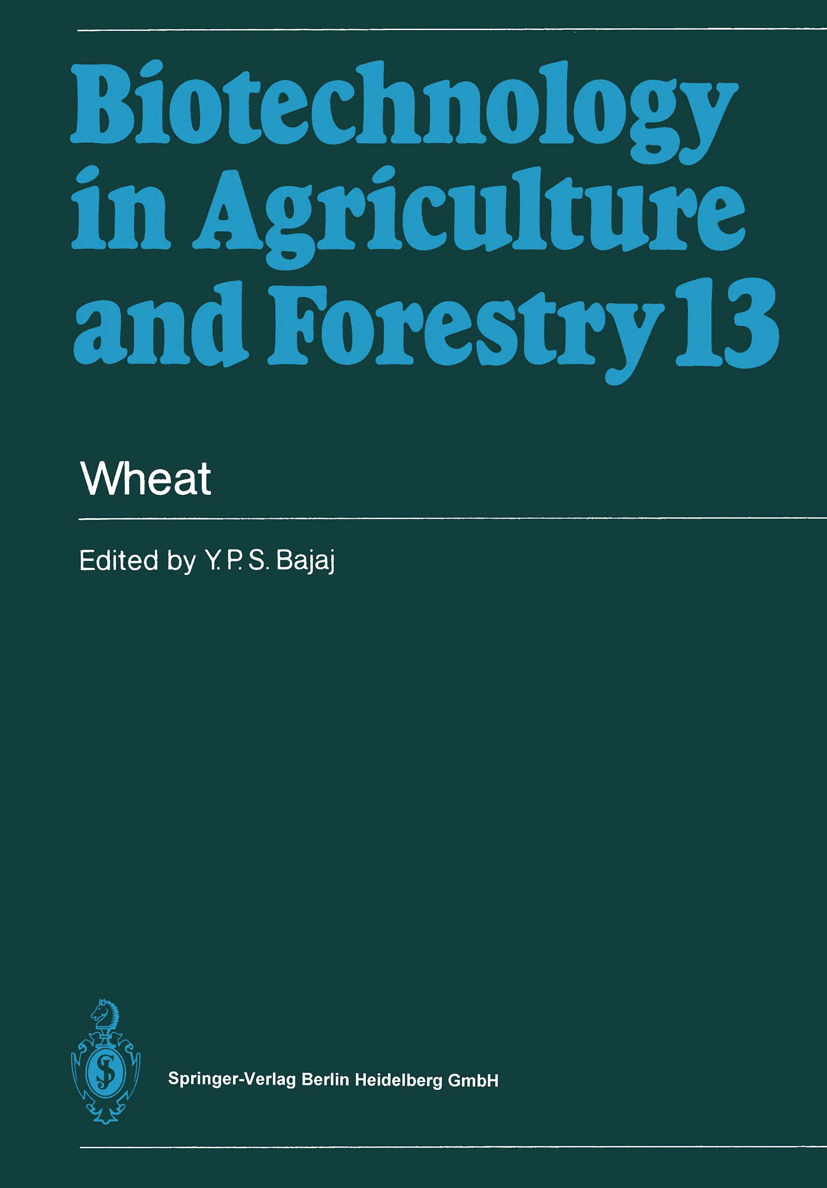
Wheat Wheat, which is the second most important cereal crop in the world, is being grown in a wide range of climates over an area of about 228 945 thou sand ha with a production of about 535 842 MT in the world. Bread wheat (Triticum aestivum L. ) accounts for 80% of the wheat consumption, howe ver, it is attacked by a large number of pests and pathogens; rusts and smuts cause enormous damage to the crop and reduce the yield drastically in some areas. The major breeding objectives for wheat include grain yield, earliness, resistance to lodging and diseases, spikelet fertility, cold tolerance, leaf duration and net assimilation rate, fertilizer utilization, coleoptile length, nutritional value, organoleptic qualities, and the improvement of charac ters such as color and milling yield. The breeding of wheat by traditional methods has been practiced for centuries, however, it has only now come to a stage where these methods are insufficient to make any further breakthrough or to cope with the world's demand. Although numerous varieties are released every year around the world, they do not last long, and long-term objectives cannot be realized unless more genetic variability is generated. Moreover, the intro duction of exotic genetic stocks and their cultivation over large areas results in the depletion and loss of the native germplasm pool. TECHNOLOGY & ENGINEERING,Agriculture,General
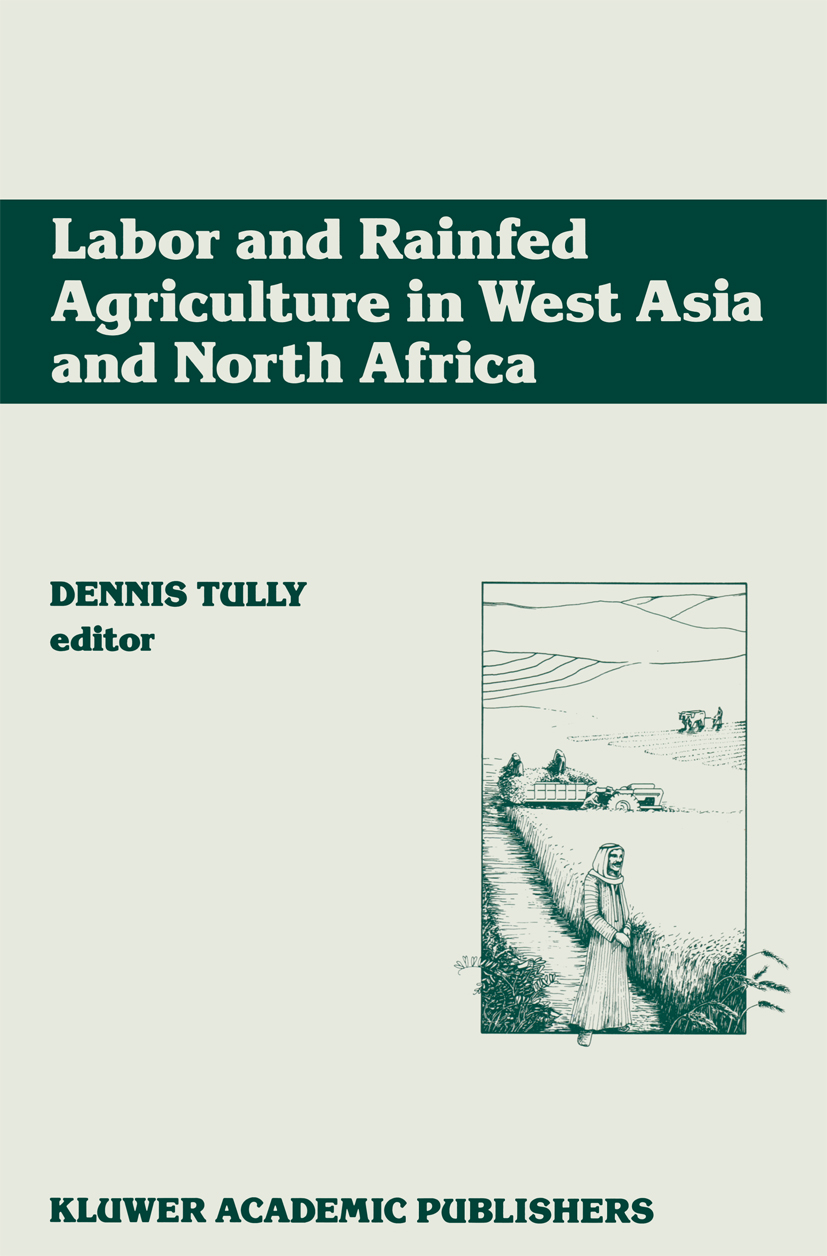
Labor and Rainfed Agriculture in West Asia and North Africa The basic objective of agricultural research at ICARDA is to enhance pro ducer and consumer welfare through increasing the productivity, stability, and profitability of agriculture. Improved practices must be technically, ec onomically, and socially suitable to farmer conditions. The rainfed areas of West Asia and North Africa have highly variable environmental conditions as well as complex social and economic structures. In recent years, the region has been experiencing major changes in the relative availabilities and costs of the classical factors of production: land, labor, and capital. These changes have important implications for the design of new agricultural technology. On the one hand, the availability of labor may be an important factor determining the acceptability of new technology. On the other, it is important to consider the impact that technology can have on rural employment. To develop a better awareness of these issues and their relevance to technology development, ICARD A initiated a project on Agricultural Labor and Tech nological Change. The first stage of the project is published here; it is a review of available literature on selected issues of regional importance, com bined with more detailed analyses of the situations of eight countries with important rainfed agricultural sectors. ICARDA greatly appreciates the financial assistance of the Ford Foun dation, which allowed us to support the execution of the study and publi cation of its findings. We also appreciate the great efforts of the authors in the face of often limited data and facilities. TECHNOLOGY & ENGINEERING,Agriculture,General
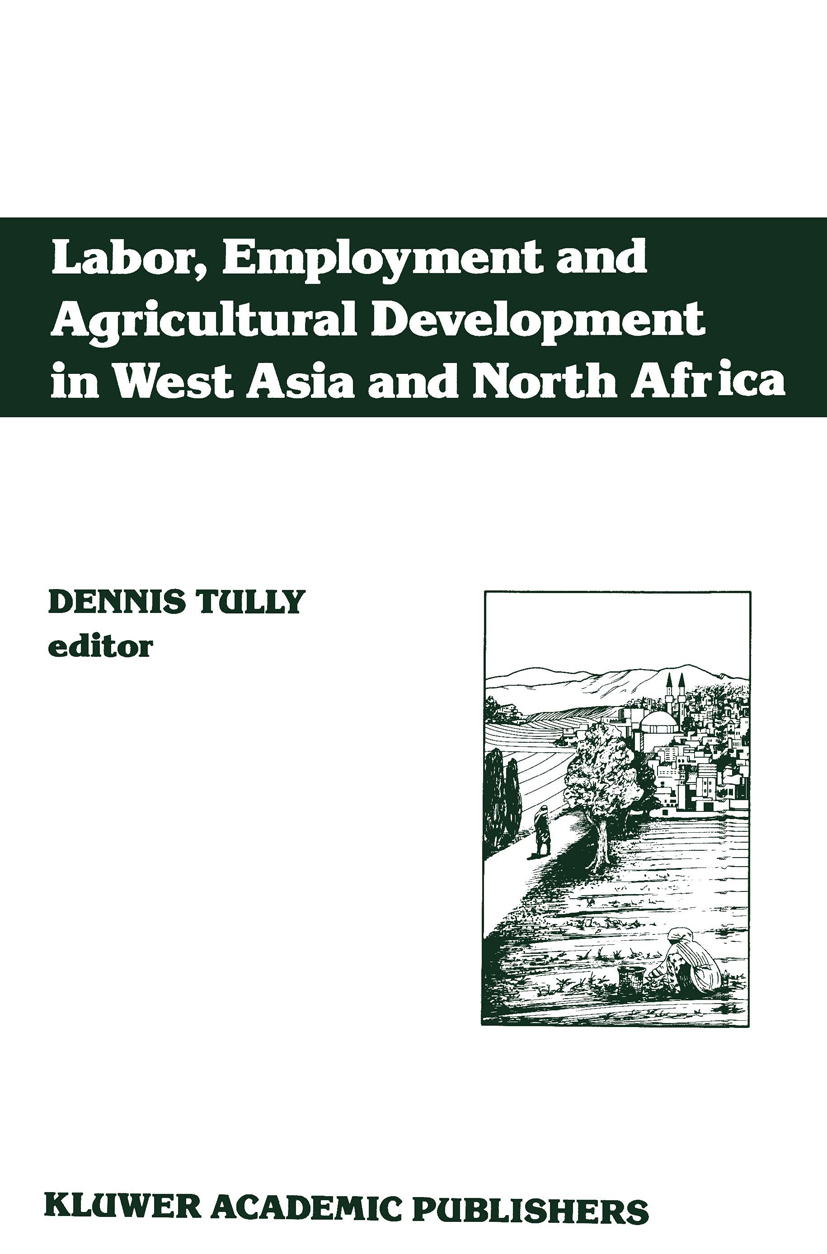
Labor, Employment and Agricultural Development in West Asia and North Africa The basic objective of agricultural research at ICARDA is to enhance producer and consumer welfare through increasing the productivity, stability, and profitability of agriculture. Improved practices must be technically, economi cally, and socially suitable to farmer conditions. The rainfed areas of West Asia and North Africa have highly variable environmental conditions as well as complex social and economic structures. In recent years, the region has been experiencing major changes in the relative availabilities and costs of the classical factors of production: land, labor and capital. These changes have important implications for the design of new agricultural technology. On the one hand, the availability of labor may be an important factor determining the acceptability of new technology. On the other, it is important to consider the impact that technology can have on rural employment. To develop a better awareness ofthese issues and their relevance to technology development, ICARDA initiated a project on Agricultural Labor and Tech nological Change (ALTC). The first stage of the project was a review of existing information' on these issues; this review was published as a book under the title Labor and Rainfed Agriculture in West Asia and North Africa. TECHNOLOGY & ENGINEERING,Agriculture,General
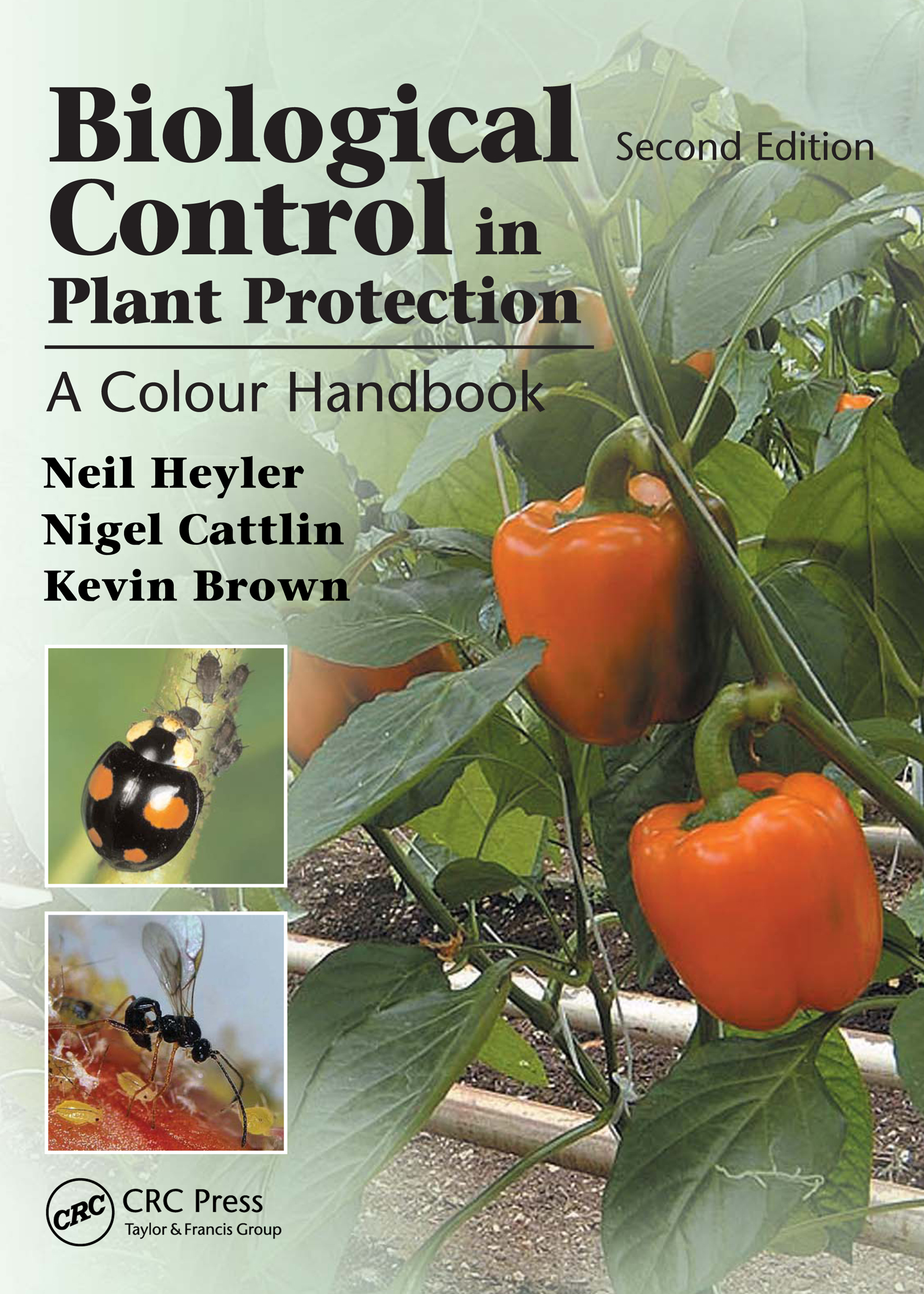
Biological Control in Plant Protection There has been a large increase in the commercial use of integrated crop/pest management methods for pest and disease control on a wide range of crops throughout the world since the first edition of this book. The completely revised second edition of the bestselling Biological Control in Plant Protection: A Color Handbook continues the objective of TECHNOLOGY & ENGINEERING,Agriculture,General

Coffee In a world of high finance, unprecedented technological change, and cyber billionaires, it is easy to forget that a major source of global wealth is, literally, right under our noses. Coffee is one of the most valuable Southern exports, generating billions of dollars in corporate profits each year, even while the majority of the world’s 25 million coffee families live in relative poverty. But who is responsible for such vast inequality? Many analysts point to the coffee market itself, its price volatility and corporate oligarchy, and seek to "correct" it through fair trade, organic and sustainable coffee, corporate social responsibility, and a number of market-driven projects. The result has been widespread acceptance that the "market" is both the cause of underdevelopment and its potential solution. Against this consensus, Gavin Fridell provocatively argues that state action, both good and bad, has been and continues to be central to the everyday operations of the coffee industry, even in today’s world of "free trade". Combining rich history with an incisive analysis of key factors shaping the coffee business, Fridell challenges the notion that injustice in the industry can be solved "one sip at a time" - as ethical trade promoters put it. Instead, he points to the centrality of coffee statecraft both for preserving the status quo and for initiating meaningful changes to the coffee industry in the future. TECHNOLOGY & ENGINEERING,Agriculture,General
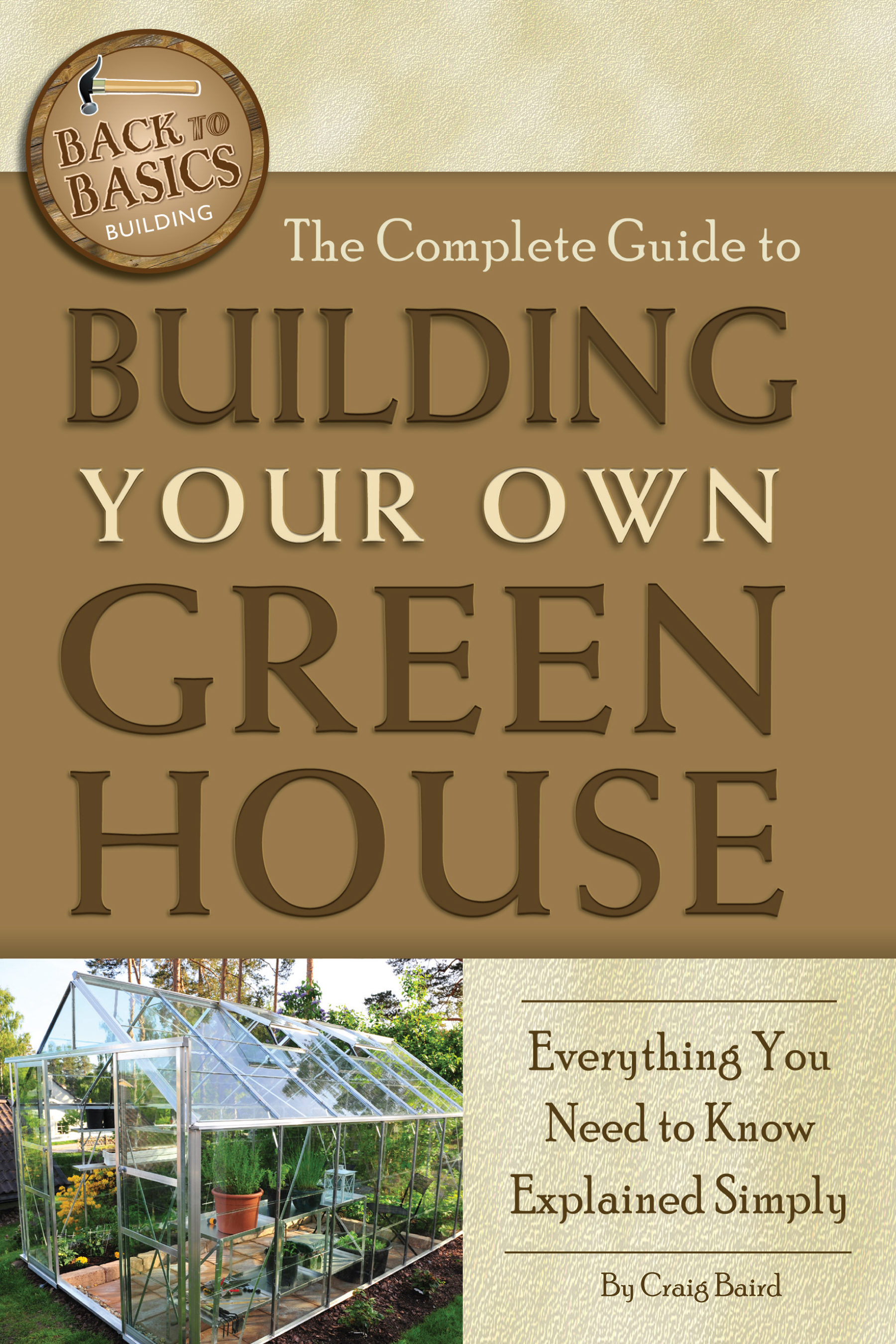
The Complete Guide to Building Your Own Greenhouse Food costs these days are outrageous and only growing more each day. So, the prospect of building your own greenhouse and growing your own fruits and vegetables is probably starting to sound more and more viable. For anyone seeking a means and the details needed to install their greenhouse, this book will walk you through every necessary step. You will learn the various principles of greenhouse use and the different types of greenhouses you can use depending on your location and the specific needs you may have. Learn how to select a proper site and to set a foundation that will hold the greenhouse effectively in place regardless of weather conditions throughout the year and maintain the heat generated in the greenhouse. Learn how to frame your green house and how to effectively glaze the glass. Learn what kinds of ventilation are needed and what forms of supplemental heat, insulation, and heat sinking you will need to acquire for your greenhouse. Greenhouse and plant experts have been interviewed and their insights have been added to this book to help you make the right decisions about which kind of greenhouse is best for you and how to prepare it. Learn how to effectively install the necessary plumbing, wiring, and other amenities your greenhouse needs. Learn what is needed for shutters and shades and how to install cold frames and hotbeds. Learn how to install hoop houses, attached greenhouses, and freestanding greenhouses and the differences between each of them. Atlantic Publishing is a small, independent publishing company based in Ocala, Florida. Founded over twenty years ago in the company president’s garage, Atlantic Publishing has grown to become a renowned resource for non-fiction books. Today, over 450 titles are in print covering subjects such as small business, healthy living, management, finance, careers, and real estate. Atlantic Publishing prides itself on producing award winning, high-quality manuals that give readers up-to-date, pertinent information, real-world examples, and case studies with expert advice. Every book has resources, contact information, and web sites of the products or companies discussed. This Atlantic Publishing eBook was professionally written, edited, fact checked, proofed and designed. You receive the same content as the print version of this book. Over the years our books have won dozens of book awards for content, cover design and interior design including the prestigious Benjamin Franklin award for excellence in publishing. We are proud of the high quality of our books and hope you will enjoy this eBook version. TECHNOLOGY & ENGINEERING,Agriculture,General
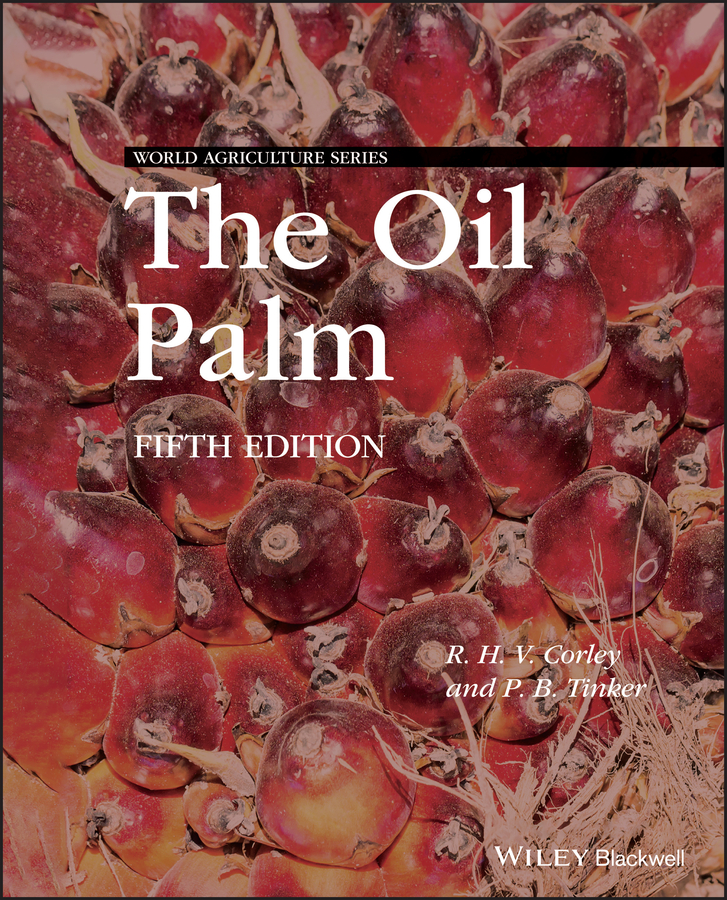
The Oil Palm The oil palm is the world's most valuable oil crop. Its production has increased over the decades, reaching 56 million tons in 2013, and it gives the highest yields per hectare of all oil crops. Remarkably, oil palm has remained profitable through periods of low prices. Demand for palm oil is also expanding, with the edible demand now complemented by added demand from biodiesel producers. The Oil Palm is the definitive reference work on this important crop. This fifth edition features new topics - including the conversion of palm oil to biodiesel, and discussions about the impacts of palm oil production on the environment and effects of climate change – alongside comprehensively revised chapters, with updated references throughout. The Oil Palm, Fifth Edition will be useful to researchers, plantation and mill managers who wish to understand the science underlying recommended practices. It is an indispensable reference for agriculture students and all those working in the oil palm industry worldwide. TECHNOLOGY & ENGINEERING,Agriculture,General
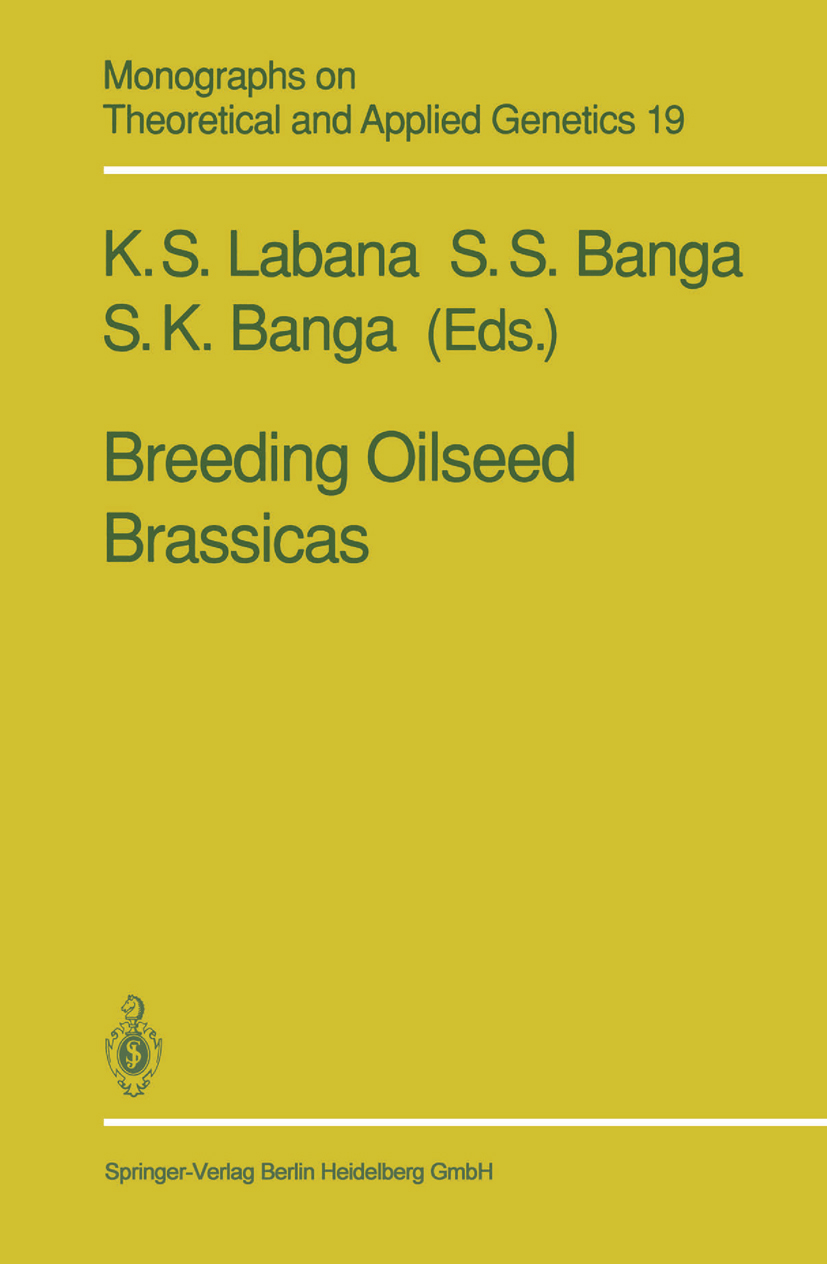
Breeding Oilseed Brassicas From ugly duckling of agricultural crops to the Cinderella crop, the significance of oilseed brassicas in international trade has increased tremendously with global produc tion having almost trebled in the past three decades. Over 13. 2% of the world's edible oil requirement is now met from this source. The stimulus for this dramatic reversal was provided by the identification of rapeseed genotypes with greatly reduced levels of nutritionally undesirable erucic acid and meal glucosinolates during the early 1960s. Since then, rapeseed breeding has been oriented towards the need to improve oil quality. Though past achievements have been impressive, greater strides are expected in upgrading productivity through the development ofF hybrids and better mobiliza 1 tion of genetic diversity available in wild allies. Recent emphasis on cellular and molec ular biology will help to bypass sexual constraints for genetic enrichment of crop bras sicas, and to reduce the time frame for cultivar development. The present book was conceived to bring together critical and comprehensive reviews on research approaches, achievements and limitations to breeding better brassicas. As the book has a strong practical bias, certain topics like taxonomy, cytogenetics, etc. are dealt with in relatively lesser detail. Thus, 'Brassica crops and wild allies', edited by S. Tsunoda, K. Hinata and C. Gomez-Campa, will serve as an ideal companion book. It is a matter of immense sorrow that the senior editor, Prof. K. S. TECHNOLOGY & ENGINEERING,Agriculture,General
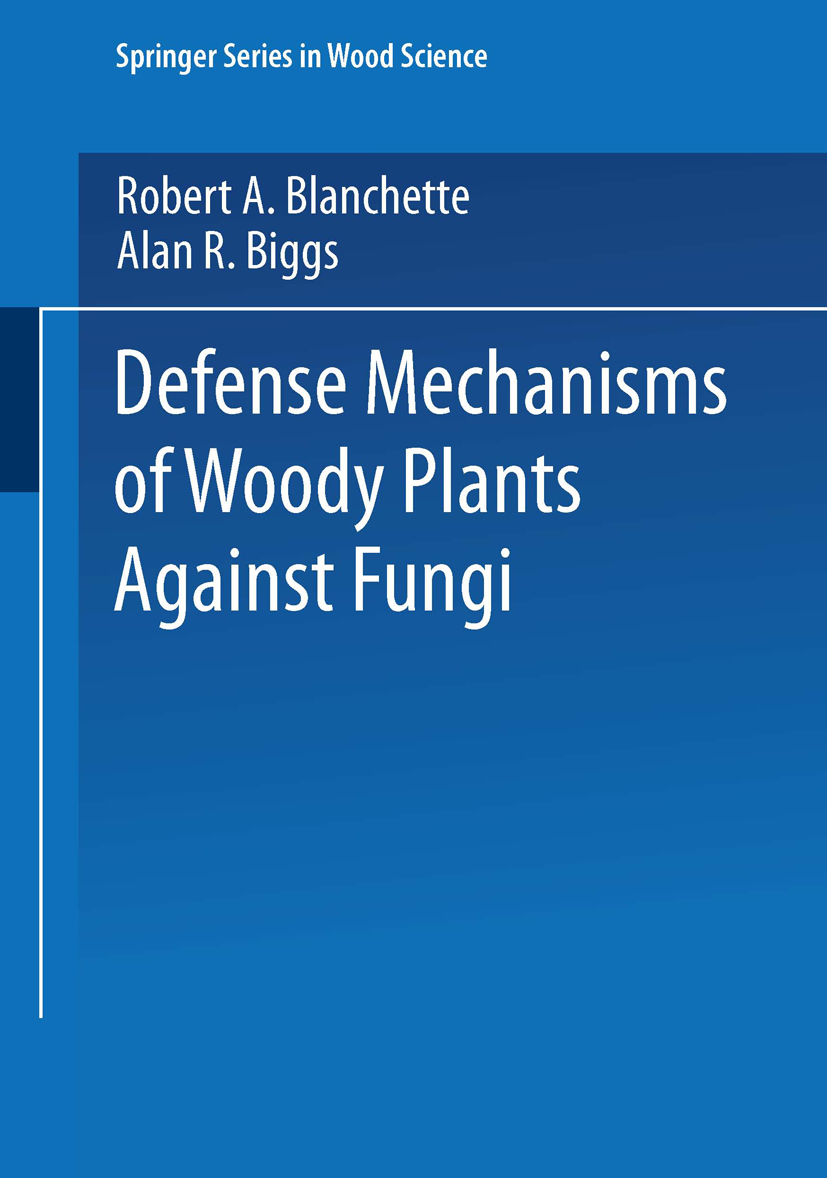
Defense Mechanisms of Woody Plants Against Fungi For the past decade, it has been apparent to both of us that a reference text covering all aspects of tree defense mechanisms to fungi was missing, needed and long overdue. Such a book would provide a clear, comprehensive overview of how living roots, stems and leaves respond to fungal pathogens. The need for such a book became in creasingly clear to us from our conversations with each other, as well as from our interactions with students and colleagues who desired a sourcebook containing reviews of morphological, biochemical and physiological aspects of host-parasite interactions in trees. During a field trip sponsored by the Forest Pathology Committee of the Ameri can Phytopathological Society, on a bus from one site to another, we decided to take the responsibility to prepare a book of this type and began to plan its composition. To adequately address the topic of this book as we had envisioned it, we believed that well-illustrated chapters were needed in order to reflect the important advances made by the many investigators who have examined the anatomical and physiological changes that occur when trees are attacked by fungi. We are grateful to Dr. Tore Timell, the Wood Science editor for Springer-Verlag, for supporting our efforts and for providing an avenue to publish such a profusely il lustrated volume. TECHNOLOGY & ENGINEERING,Agriculture,General
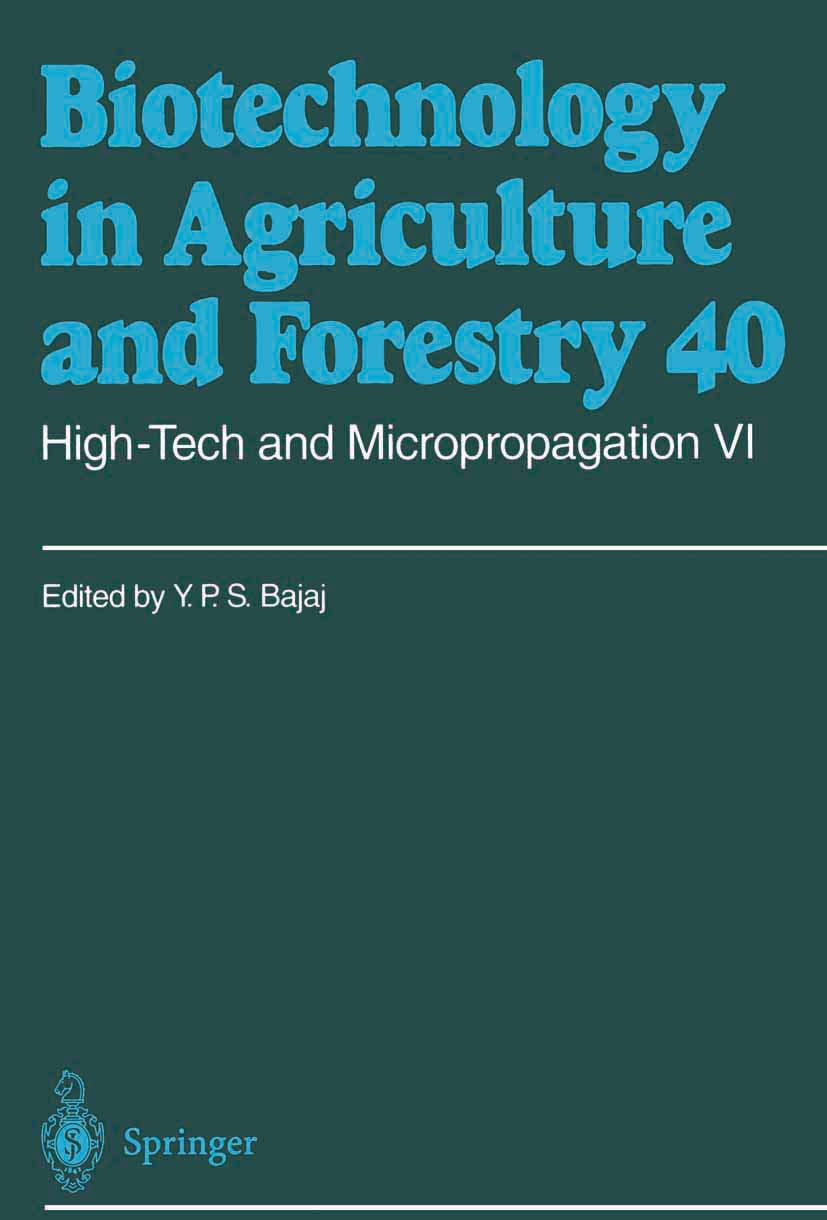
High-Tech and Micropropagation VI Micropropagation of plants is a multi billion dollar industry being practiced in hundreds of sm all and large nurseries and commerciallabo ratories throughout the world. At present, it is the only component of plant biotechnology which has been commercially exploited on such a large scale, especially for the production of ornamentals. Now micropropagation of trees and medicinal plants has also assumed great importance. With recent progress made in the propagation of fruit and forest trees, and the immediate need for afforestation and planting of orchards, propagules and plantlets are required quickly and in large numbers. Taking these points into consideration High-Tech and Micropropagation I, II, III, and IV were published in 1991 and 1992. The present two volumes, High-Tech and Micropropagation V and VI, comprise 51 chapters contributed by international experts from 24 countries. High-Tech and Micropropagation V comprises 24 chapters arranged into the following three seetions: 1. Vegetables and fruits (garlic, Amaranthus, Brassica oleracea, pep per, watermelon, cassava, banana, Myrtus communis, passionfruit, Polymnia sonchifolia, pepino, and spinaeh) H. Grasses (bamboos, Caustis dioica, Dendrocalamus, Miscanthus x giganteus, sugarcane) In. Trees (Aegle marmelos, Eucalyptus, Fraxinus excelsior, luglans cinerea, Pinus virginiana, Prosopis, and Vlmus species) High-Tech and Micropropagation VI comprises 27 chapters arranged in two sections: 1. Ornamental and aromatic plants (Amaryllis, Anthurium, Blandfordia, bromeliads, Campanula, Coleus, Ctenanthe, Cyclamen, Daphne, Dracaena, Gerbera, Helianthemum, Hippeastrum, Leucojum, Mammillaria, Maranta, Mediocactus, Mussaenda, Narcissus, Otacanthus, ponytail palm, Prunus tenella, Spiranthes, and Zinnia) II. TECHNOLOGY & ENGINEERING,Agriculture,General

Medicinal and Aromatic Plants VIII This series ofbooks on the biotechnology of Medicinal and Aromatic Plants provides a survey of the literature focusing on recent information and the state of the art in tissue culture and the in vitro production of secondary metabolites. This book, Medicinal and Aromatic Plants VIII, like the previous seven volumes published in 1988, 1989, 1991, 1993, and 1994, is unique in its approach. It comprises 26 chapters dealing with the distribution, importance, conventional propagation, micropropagation, tissue culture studies and the in vitro production of important medicinal and pharmaceutical compounds in various species of Achillea, Anethum, Aquilaria, Arnica, Aspergillus, Astragalus, Catalpa, Chelidonium, Eremo phila, Eucalyptus, Eucommia, Geranium, Heterocentron, Hypericum, Maclura, Morinda, Mortierella, Nicotiana, Phaseolus, Pinellia, Piqueria, Psorales, Rhodiola, Sanguisorba, Valeriana, and Vancouveria. This book is tailored to the needs of advanced students, teachers, and research scientists in the field of pharmacy, plant tissue culture, phytochemistry, biochemical engineering, and plant biotechnology in general. New Delhi, July 1995 Professor Y. P. S. BAJAJ Series Editor Contents I Achillea millefolium L. ssp. millefolium (Yarrow): In Vitro Culture and Production of Essential Oils A. C. FIGUEIREDO, M. S. S. PAIS, and J. J. c. SCHEFFER (With 9 Figures) 1 Introduction. . . . . . . . . . . . . . . . . . . . . . . . . . . . . . . . . . . . . . . . . 1 2 In Vitro Culture Studies . . . . . . . . . . . . . . . . . . . . . . . . . . . . . . . 4 3 Ultrastructural Study of the Glandular Trichomes and Cell Suspension Cultures . . . . . . . . . . . . . . . . . . . . . . . . . . . 8 4 Composition of the Essential Oils of A. millefolium In Vivo and In Vitro . . . . . . . . . . . . . . . . . . . . . . . . . . . . . . . . . . 11 5 Summary and Conc1usion . . . . . . . . . . . . . . . . . . . . . . . . . . . . . 15 6 Protocol . . . . . . . . . . . . . . . . . . . . . . . . . . . . . . . . . . . . . . . . . . . 15 References . . . . . . . . . . . . . . . . . . . . . . . . . . . . . . . . . . . . . . . . . . . . 17 II Anethum graveolens L. TECHNOLOGY & ENGINEERING,Agriculture,General
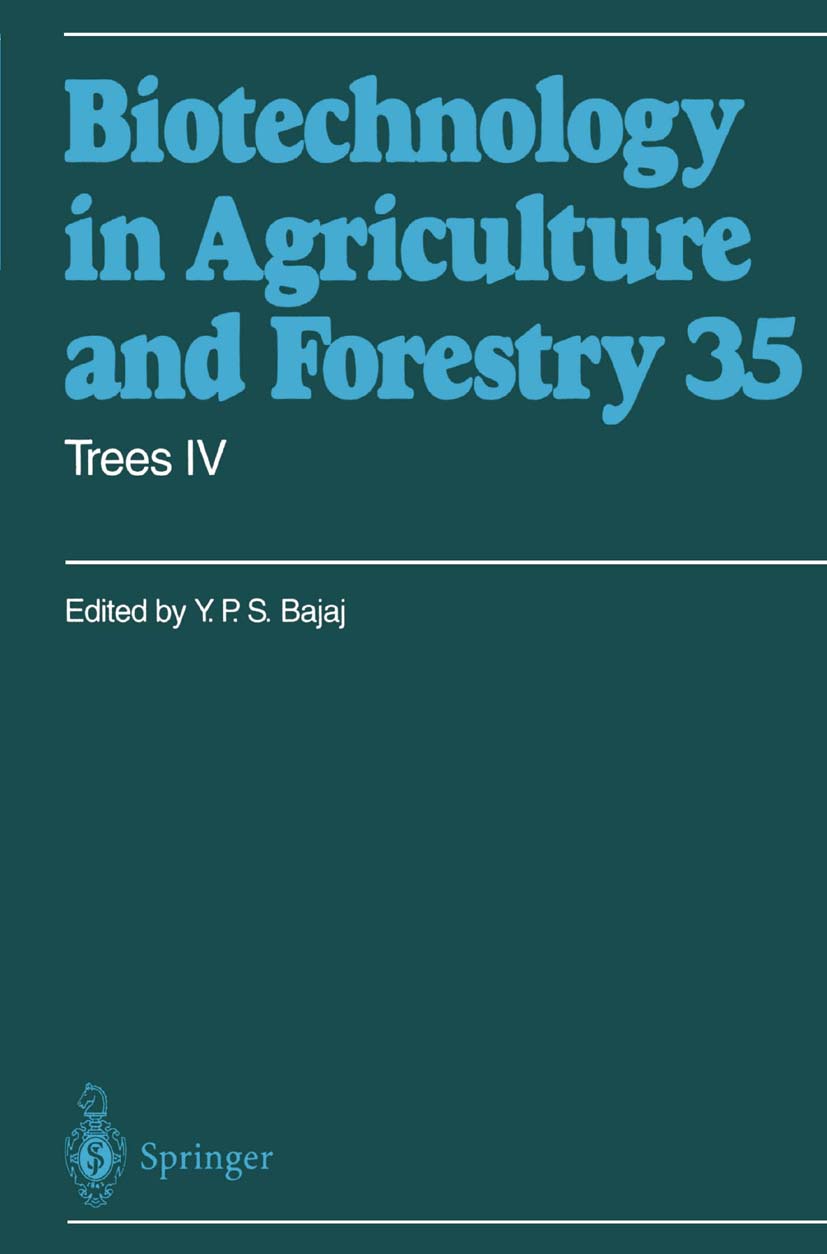
Trees IV This book Trees IV, like the previous volumes (Trees I, II, III published in 1986, 1989, 1991, respectively), is special in its approach. It elucidates the case history and biotechnology of individual fruit, forest, and ornamental trees, and discusses the present state of the art, with particular reference to in vitro propagation. It comprises 24 chapters contributed by international experts, and deals with the importance, distribution, conventional propa gation, micropropagation, review of tissue culture studies, and recent advances in the in vitro culture and genetic manipulation of various species of Acrocomia, Ailanthus, Anacardium, Allocasuarina, Carya, Casuarina, Coffea, Cyphomandra, Feijoa, Fraxinus, Gymnocladus, Leptospermum, Fagus, Metroxylon, Oxydendrum, Paeonia, Paulownia, Pouteria, Psidium, and Quercus. Included are also five chapters on gymnosperm trees, such as Abies jraseri, Cephalotaxus harringtonia, Pinus durangensis, P. gregg ii, P. halepensis, P. pinea, and Tetraclinis articulata. Trees IV is a valuable reference book for scientists, teachers, and students of forestry, botany, genetics, and horticulture, and all those who are interested in the biotechnology of trees. New Delhi, March 1996 Professor y. P. S. BAJAJ Series Editor Contents Section I Angiosperm Trees 1. 1 Acrocomia Species (Macauba Palm) O. l. CROCOMO and M. MELO (With 8 Figures) 1 General Account . . . . . . . . . . 3 2 Chemical Composition . . . . . . 5 3 Genetics and Crop Improvement 9 4 In Vitro Culture Studies 10 5 Industrial Utilization . . . 14 6 Lauric Acid . . . . . . . . . 15 7 Summary and Conclusions 15 References . . . . . . . . . . . . . . . . . . . . . . . . . 16 1. 2 Ailanthus altissima Mill. Swingle (Tree of Heaven) M. ZENKTELER and B. TECHNOLOGY & ENGINEERING,Agriculture,General

Medicinal and Aromatic Plants VII The series of books on the biotechnology of Medicinal and Aromatic Plants provides a survey of the literature, focusing on recent information and the state of the art in tissue culture and the in vitro production of secondary metabolites. This book, Medicinal and Aromatic Plants VII, like the previous six volumes published in 1988, 1989, 1991, 1993 and 1994, is unique in its approach. It comprises 28 chapters dealing with the distribu tion, importance, conventional propagation, micro propagation, tissue culture studies, and the in vitro production of important medicinal and pharmaceutical compounds in various species of Aesculus, Althaea, Baptisia, Berberis, Beta, Bowiea, Camp to theca, Chrysanthellum, Citrus, Claviceps, Coleonema, Dianthus, Dunaliella, Epimedium, Euphorbia, Forsythia, Gomphrena, Larix, Lobelia, Medicago, Papaver, Phytolacca, Pueraria, Santalum, Santolina, Sapium, Tabebuia, and Tripterygium. This book is tailored to the needs of advanced students, teachers, and research scientists in the field of pharmacy, plant tissue culture, phytochemistry, biochemical engineering, and plant biotechnology in general. New Delhi, July 1994 Professor Y. P. S. BAJAJ Series Editor Contents I Aesculus hippocastanum L. (Horse Chestnut): In Vitro Culture and Production of Aescin P. GASTALDO, A. M. CAVIGLIA, and P. PROFUMO (With 7 Figures) 1 General Account . . . . . . . . . . . . . . . . . . . . . . . 1 . . . . . 2 In Vitro Culture Studies . . . . . . . . . . . . . . . . . . . 4 3 Summary and Conclusions . . . . . . . . . . . . . . . . . . 10 4 Protocol. . . . . . . . . . . . . . . . . 11 References . . . . . . . . . . . . . 11 II Althaea officinalis L. (Marshmallow): In Vitro Culture and the Production of Biologically Active Compounds I. IONKovA and A. W. ALFERMANN (With 10 Figures) 1 General Account. . . . . . . . . . . . . . . . . . . . . . . 13 . . . . . 2 Biotechnological Approaches. . . . . . . . . . . . . . . . . . . . 21 . TECHNOLOGY & ENGINEERING,Agriculture,General
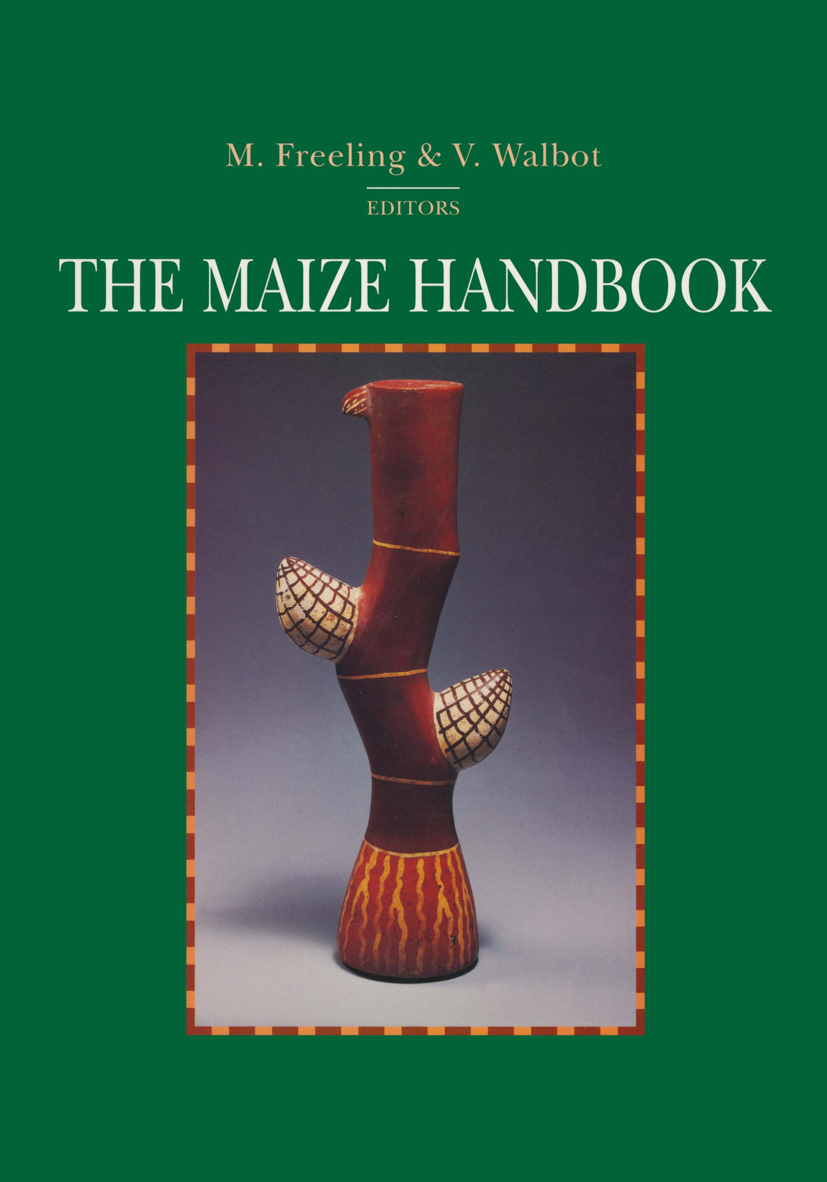
The Maize Handbook The Maize Handbook represents the collective efforts of the maize research community to enumerate the key steps of standard procedures and to disseminate these protocols for the common good. Although the material in this volume is drawn from experience with maize, many of the procedures, protocols, and descriptions are applicable to other higher plants, particularly to other grasses. The power and resolution of experiments with maize depend on the wide range of specialized genetic techniques and marked stocks; these materials are available today as the culmination of nearly 100 years of genetic research. A major goal of this volume is to introduce this genetical legacy and to highlight current stock construction programs that will soon benefit our work, e. g. high-density RFLP maps, deletion stocks, etc. Both stock construction and maintenance are relatively straightforward in maize as a result of the ease of crossing and the longevity of stored seeds. Crossing is facilitated by the separate staminate (tassel) and pistillate (ear) flowers, a feature almost unique to maize. On the other hand, many of the genetic methodologies utilized with maize, including the precision of record keeping, can be adapted to other plants. Facile communication and a spirit of co-operation have characterized the maize genetics community since its earliest days. Starting in the 1930s, institutions such as annual Maize Genetics Cooperation Newsletter, the Maize Genetics Stock Center, and the annual maize genetics meeting provide continuity to the field. TECHNOLOGY & ENGINEERING,Agriculture,General

Recognition and Response in Plant-Virus Interactions Proceedings of the NATO Advanced Research Workshop on Recognition and Response in Plant-Virus Interactions, held at Chichester, West Sussex, U.K., April 12-16, 1989 TECHNOLOGY & ENGINEERING,Agriculture,General
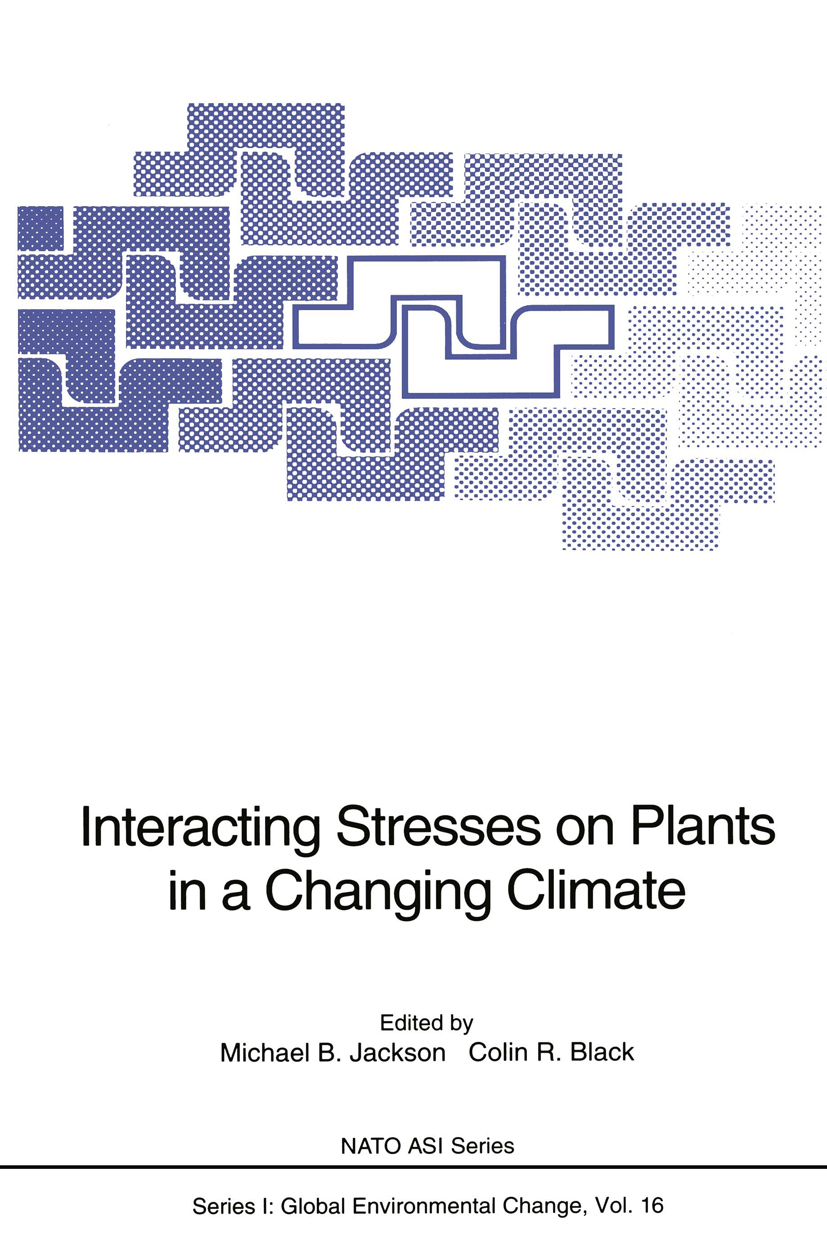
Interacting Stresses on Plants in a Changing Climate Proceedings of the NATO Advanced Research Workshop on Interacting Stresses on Plants in a Changing Climate, held in Wye College, University of London, U.K., September 13-19, 1992 TECHNOLOGY & ENGINEERING,Agriculture,General

Soil Responses to Climate Change Proceedings of the NATO Advanced Research Workshop on Soil Responses to Climate Change, held at Silsoe, Bedfordshire, UK, September 20-24, 1993 TECHNOLOGY & ENGINEERING,Agriculture,General
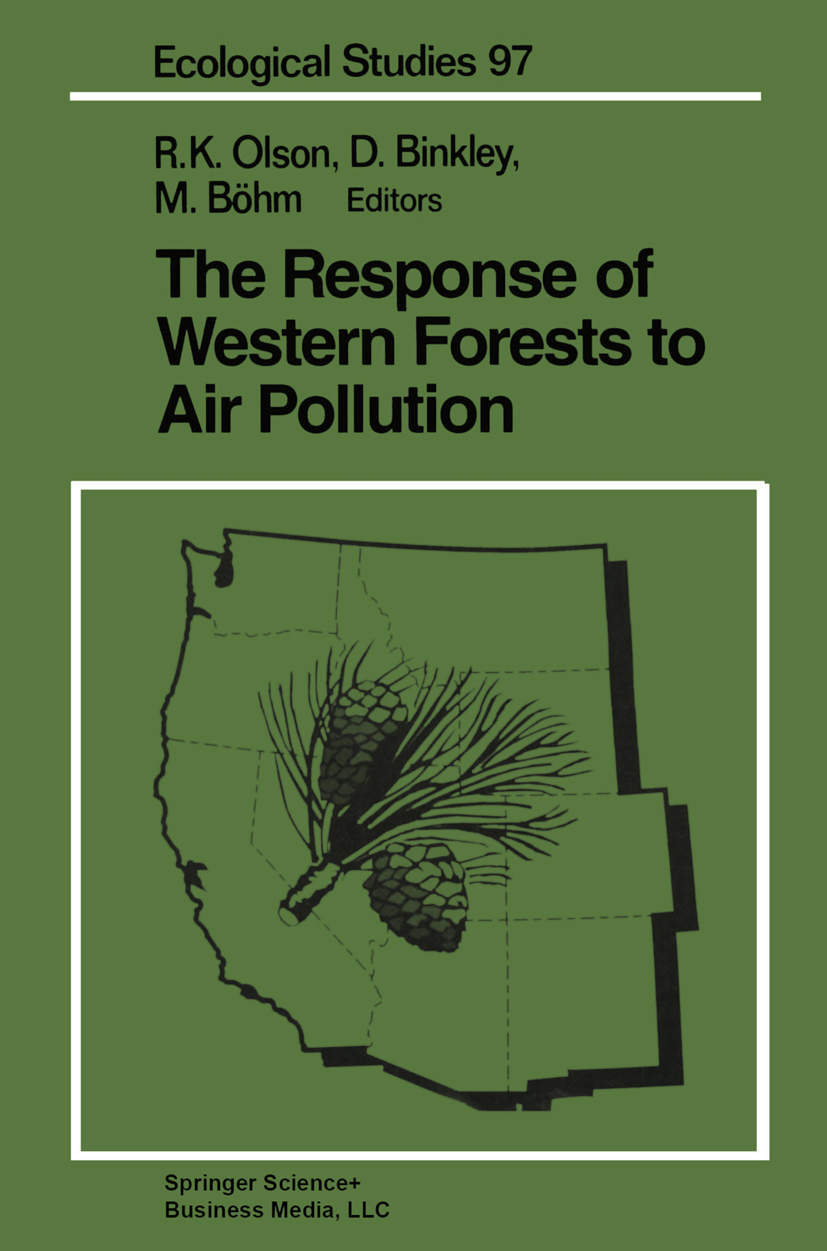
The Response of Western Forests to Air Pollution John Sculley In the short history of personal computing, the task of the software programmer has been one of the least recognized-but one of the most significant-in the industry. In addition to defining the prob lems, and presenting the solutions, the software programmer is con fronted with the challenge of having to predict what combination of ideas and technologies will move the industry forward in the most compelling way. Even though we've seen the development of tremendous applications in a surprisingly short period of time, the most difficult problems often surface when we try to elevate a suc cessful local idea to the international arena. In the case of Apple Computer, these challenges become especially profound when you consider that Apple sells Macintosh not just in the United States, but in Japan, China, the Middle East, Africa, East ern Europe, and even to the United Nations itself. Of course, this means that the personal computer must work everywhere around the world. But more significantly, it also means that the software must reflect the uniqueness of a given culture, its language, morals, and even its sense of humor. To step away from a narrowly-defined, nationally-based paradigm for software development, programmers, management, and entire corporations must learn to recognize what elements of an interface, problem solving technique, documentation illustration, package de sign, and advertisement are local, and which elements are appro priate for global markets. TECHNOLOGY & ENGINEERING,Agriculture,General
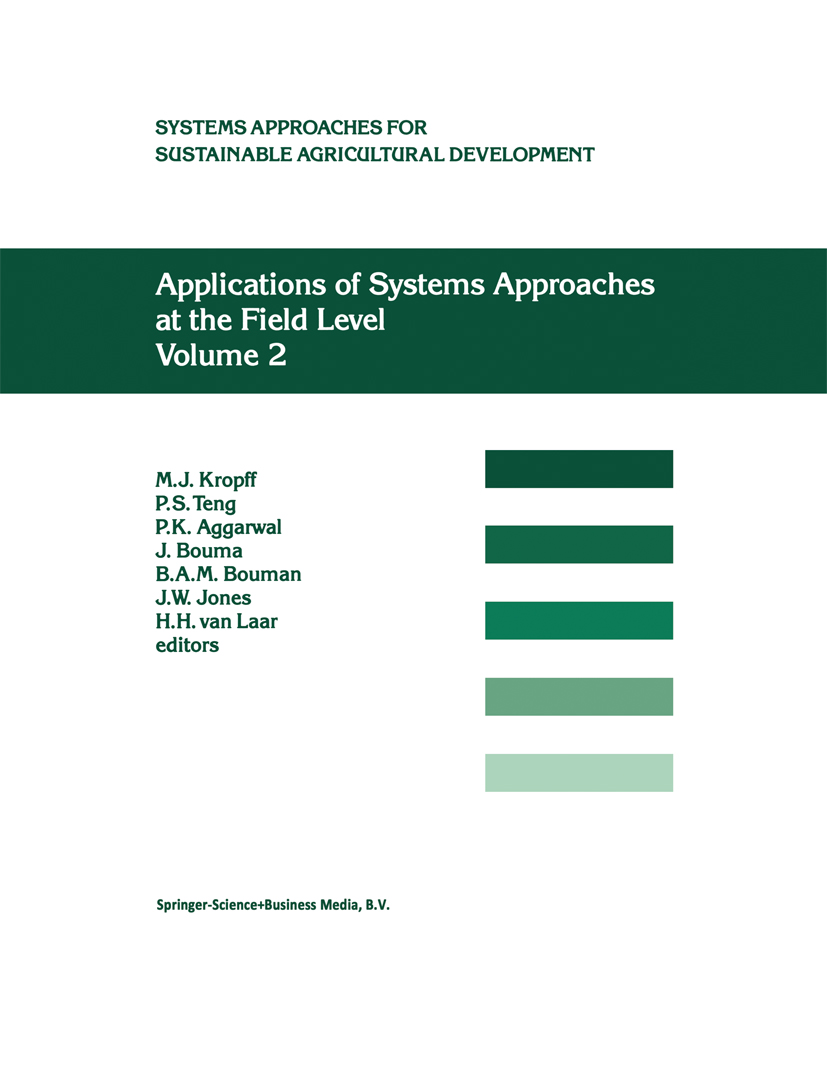
Applications of Systems Approaches at the Field Level Proceedings of the Second International Symposium on Systems Approaches for Agricultural Development, held at IRRI, Los Baños, Philippines, 6-8 December 1995 TECHNOLOGY & ENGINEERING,Agriculture,General

Climate Change and Agriculture Worldwide In recent years, especially with the approach of the 21st Session of the Conference of the Parties to the United Nations Framework Convention on Climate Change in Paris in late 2015, the number of publications, conferences and meetings on climate change has been growing exponentially. Yet uncertainties remain concerning rural tropical areas where models are forecasting the onset of multiple disorders and trends are unclear. Meanwhile, the impact of climate change on the poorest communities is regularly documented, often prompting alarmist reactions. How can food security be achieved while adapting to and mitigating climate change? What are the main threats to agriculture in developing countries? How do farmers in these countries cope with the threats? What does agricultural research propose? What options have yet to be investigated? A broad scope of scientific research is underway to address these challenges. Diverse solutions are available, including new agricultural practices, water management, agricultural waste recycling, diagnosis of emerging diseases, payment for ecosystem services, etc. Gaining insight into the financial and political mechanisms that underlie international climate negotiations is also essential to design practical ways to deal with climate issues and meet sustainable development requirements in collaboration with farmers. This book pools the wealth of experience of dozens of researchers and development officers from a range of disciplines. We have focused on making it detailed, accurate and hopefully easy to read for researchers, students and all other informed readers. TECHNOLOGY & ENGINEERING,Agriculture,General

Multifunctional Agriculture In a world increasingly challenged by the need to integrate and understand highly specialized knowledge in a multidisciplinary way, this book is innovative and perhaps unique in addressing this challenge. It focuses on ideas, strategies, techniques and practices spanning many disciplines at the interface of agriculture with: forestry, horticulture, plant physiology, genetics, ecology, soil science, food science, economics, and the social and environmental sciences as delivered by intensified and enriched agroforestry. Multifunctional Agriculture addresses this complexity, using case studies and insights from the needs of African farmers whose livelihoods are constrained by complex interactions between social, environmental and economic factors and problems underlying agricultural sustainability in Africa. This book, therefore, provides an important resource for those trying to understand the role of agriculture in the achievement of the new Sustainable Development Goals by providing easily implementable, practical and effective methodologies and practices. Provides a single-source, comprehensive insight into agroforestry/ multifunctional agriculture, it's potential, challenges, and progress Helps readers understand and assess potential opportunity through implementation Includes case studies and real-world insights that address common situations and the practical application of best practices Explores the role of multi-functional agriculture in mitigating climate change impacts, providing value-story beyond crop production TECHNOLOGY & ENGINEERING,Agriculture,General

Handbook of Halal Food Production Until now, books addressing Halal issues have focused on helping Muslim consumers decide what to eat and what to avoid among products currently on the market. There was no resource that the food industry could refer to that provided the guidelines necessary to meet the Halal requirements of Muslim consumers in the United States and abroad. Handbook of Halal Food Production answers this need by summarizing the fundamentals of Halal food production, serving as a valuable reference for food scientists, food manufacturers, and other food industry professionals. This text delivers a wealth of information about Halal food guidelines for food production, domestic and international food markets, and Halal certification. Among chapters that cover production requirements for specific foods such as meat and poultry, fish and seafood, and dairy products, there are other chapters that address global Halal economy, Muslim demography and global Halal trade, and comparisons among Kosher, Halal and vegetarian. In addition, the book presents Halal food laws and regulations, HACCP and Halal and general guidelines for Halal food Production. For persons targeting the Halal food market for the first time, this book is particularly valuable, providing understanding of how to properly select, process, and deliver foods. In light of the increasing worldwide demand for Halal food service, branded packaged food, and direct-marketed items, this volume is more than an expert academic resource; it is a beneficial tool for developing new and promising revenue streams. Both editors are food scientists who have practical experience in Halal food requirements and Halal certification and the contributors are experts in the Halal food industries. TECHNOLOGY & ENGINEERING,Agriculture,General
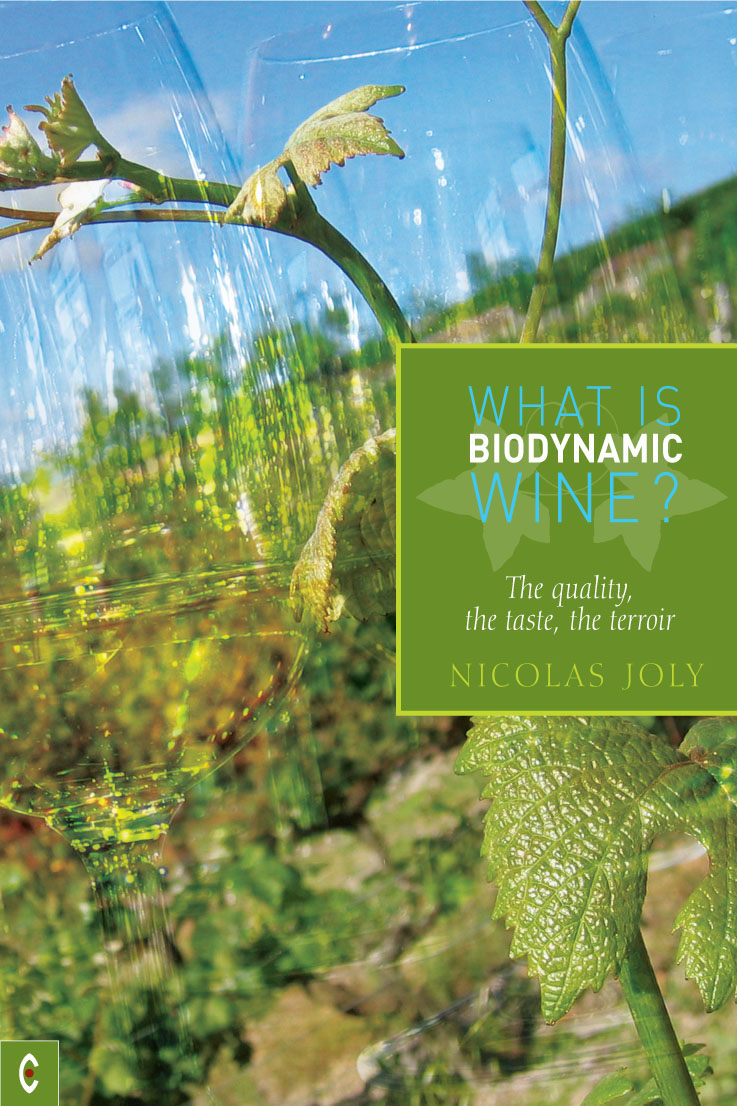
What is Biodynamic Wine? Nicolas Joly is responsible for producing some of the finest and most highly esteemed wines of France at his CoulÉe de Serrant vineyard. Practising the biodynamic method of agriculture - sometimes referred to as ‘premium organic’ - he is at the forefront of a movement to return to the concept of terroir, as full expression and embodiment of a particular grape-growing locality, or appelation. Today even expensive wines, made under strictly regulated controls and standards, are tainted by the use of pesticides and fertilizers, and manipulated in the cellar through the use of osmosis and the additions of aromatic yeasts and enzymes. To counter such trends, a new ‘Charter of Quality’, run by organic and biodynamic viticulturists, guarantees that the appelation comes to full, authentic expression. To aid this process, biodynamic winegrowers like Joly use special planting methods and preparations that enhance and invigorate the soil, bringing it into harmony with the forces of sun, moon and cosmos to embed the vine in a rich, living context. TECHNOLOGY & ENGINEERING,Agriculture,General

Private Extension System The present book has evolved from a research study undertaken to investigate farmers' take-up of agriculture extension services in a new approach and illuminate the blind sport in the make-up of private extension services providers, their functioning and perceived mandate in agriculature and allied sector. The book will be useful for Undergraduate student as well as Post- graduate & Doctoral students in extension discipline, as it presents a critical review and analysis of the farmers' needs, priorities and strategies of private extension service providers in India. The conclusions and recommendations borne out of the study will help policy- makers, extension professionals and private extension services providers to understand the dynamics of farmers' acceptance of services and develop a suitable framework for launching of private extension services by the aspiring organisations/ companies. TECHNOLOGY & ENGINEERING,Agriculture,General

Environmental Biotechnology Vol. 2 This book provides the technological insight on biorefinery and nanoremediation and provides comprehensive reviews on applications of Biochar for environmental sustainability. Critical review on biosurfectants in food applications as well as sustainable agricultural practices has also been provided in this book. It also highlights the microbial-omics and microRNAs for protecting ecotoxicity. Overall, this book provides critical as well as comprehensive chapters on wastewater treatment using different technologies. TECHNOLOGY & ENGINEERING,Agriculture,General
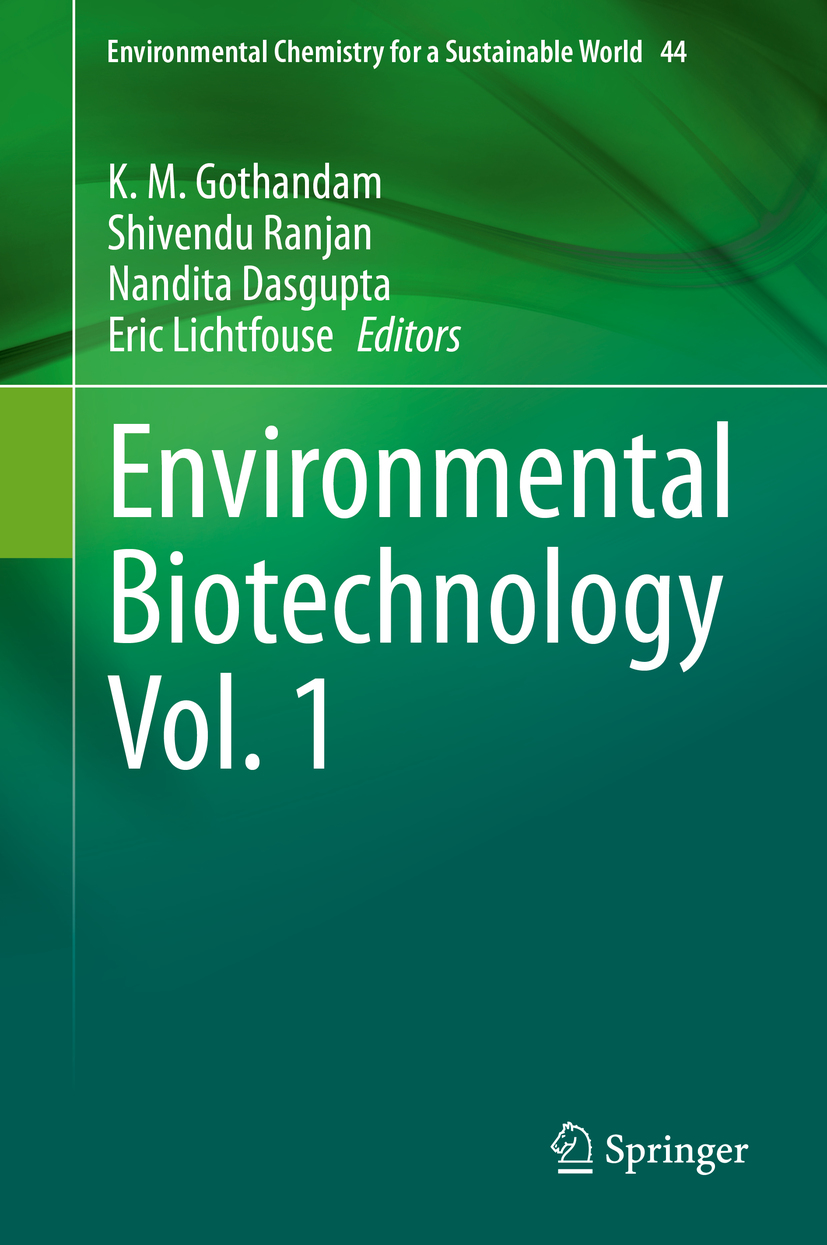
Environmental Biotechnology Vol. 1 This book provides the information on the application of nanotechnology in cleaning wastewater and the impact of microbial ecosystem to solve environmental problems has been critically reviewed in the chapters. It also gives detailed reviews about the conversion of wastewater nutrients into a biofertilizer using microalgae, as well as the applications of Biochar for heavy metal remediation from water. Most importantly, this book contains critical review on microbial fuel cells and highlights the emerging risks of bioplastics on the aquatic ecosystem. TECHNOLOGY & ENGINEERING,Agriculture,General
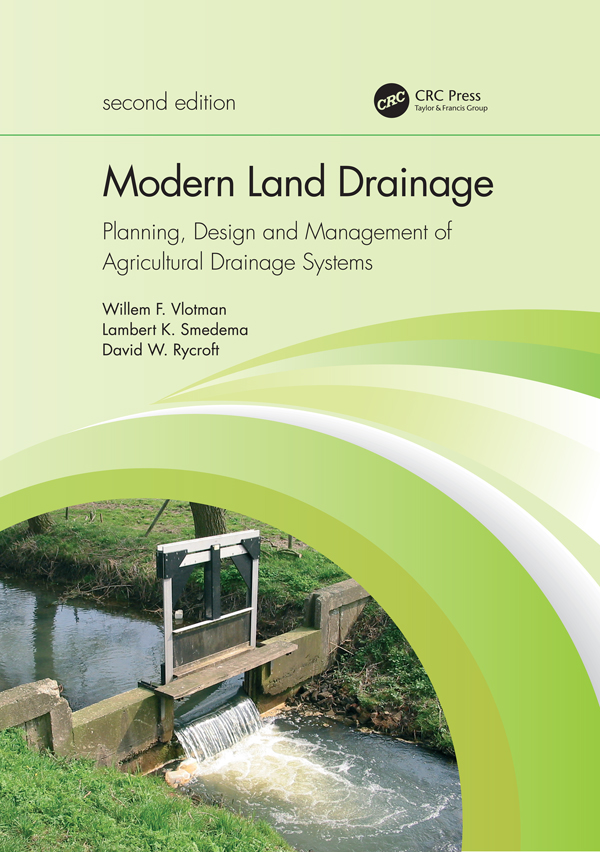
Modern Land Drainage Modern Land Drainage 2nd edition is a fully revised and updated edition of the 2004 edition. Modern Land Drainage describes traditional drainage formulas (Hooghoudt, Kirkham, Donnan, Ernst, Glover-Dumm) for rainfed agriculture in the humid temperature zone. Significant parts are devoted to drainage for salinity control of irrigated land in (semi-) arid zones, and to drainage of rice land in the humid tropics. Institutional, management and maintenance aspects are extensively covered, as well as the mitigation of adverse impacts of drainage interventions on the environment. The latest computer applications for drainage design in the context of integrated water management are described (DRAINMOD, HEC, SWAP, etc.).Field surveys are executed by governments, with the aid of consultants, but rarely are the end stakeholders (i.e., farmers and general public) involved from inception to planning to execution of a drainage system. Yet, during the Operation, Management and Maintenance (OMM) phase of a water management system, they are expected to takeover, run, bear and be responsible for the costs of OMM. The book describes successful methodologies and processes to be followed for engagement of stakeholders at all levels, from government to farm, from minister to farmer, and, from beginning to end.The book covers all aspects needed for sustainable drainage. The latest survey methodologies with satellites and drones are suggested to assess cause and effect. Waterlogging and salinity are the effect of something caused most likely upstream of the drainage problem location. Hence treating the cause may be more cost-effective. Triple Bottom Line (social, environmental and financial considerations) and the water-food-energy nexus are an integral part of the drainage design process. Controlled drainage, i.e. the balance of removal and conservation of drainage water and minimising solute transport as low as reasonably achievable (ALARA principle) is extensively described.This work is intended for use both as a university level textbook and as a professional handbook; it is of particular value to professionals engaged in drainage development in the context of integrated water resources and river basin management, civil and agricultural engineers, government officials, university students and libraries. TECHNOLOGY & ENGINEERING,Agriculture,General
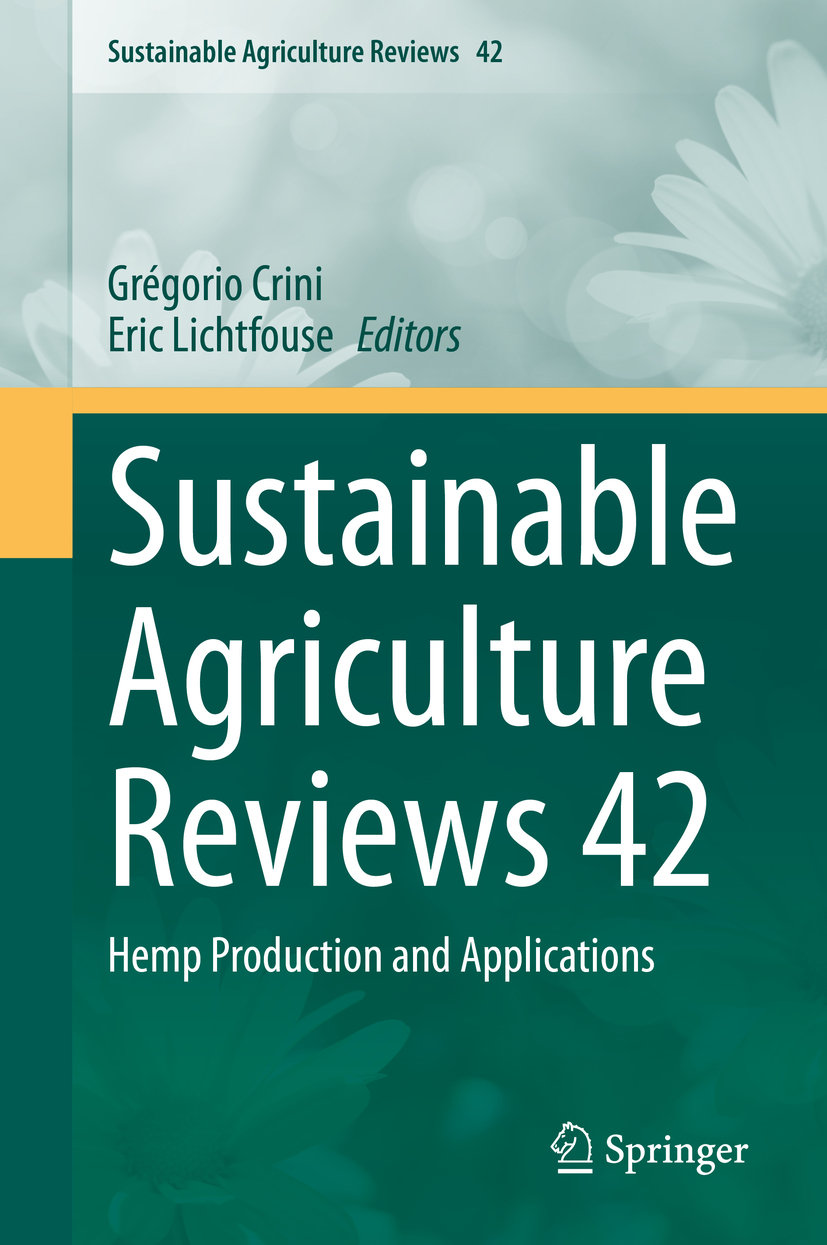
Sustainable Agriculture Reviews 42 This book reviews recent research and applications, developments, research trends, methods and issues related to the applications of industrial hemp for fundamental research and technology. TECHNOLOGY & ENGINEERING,Agriculture,General
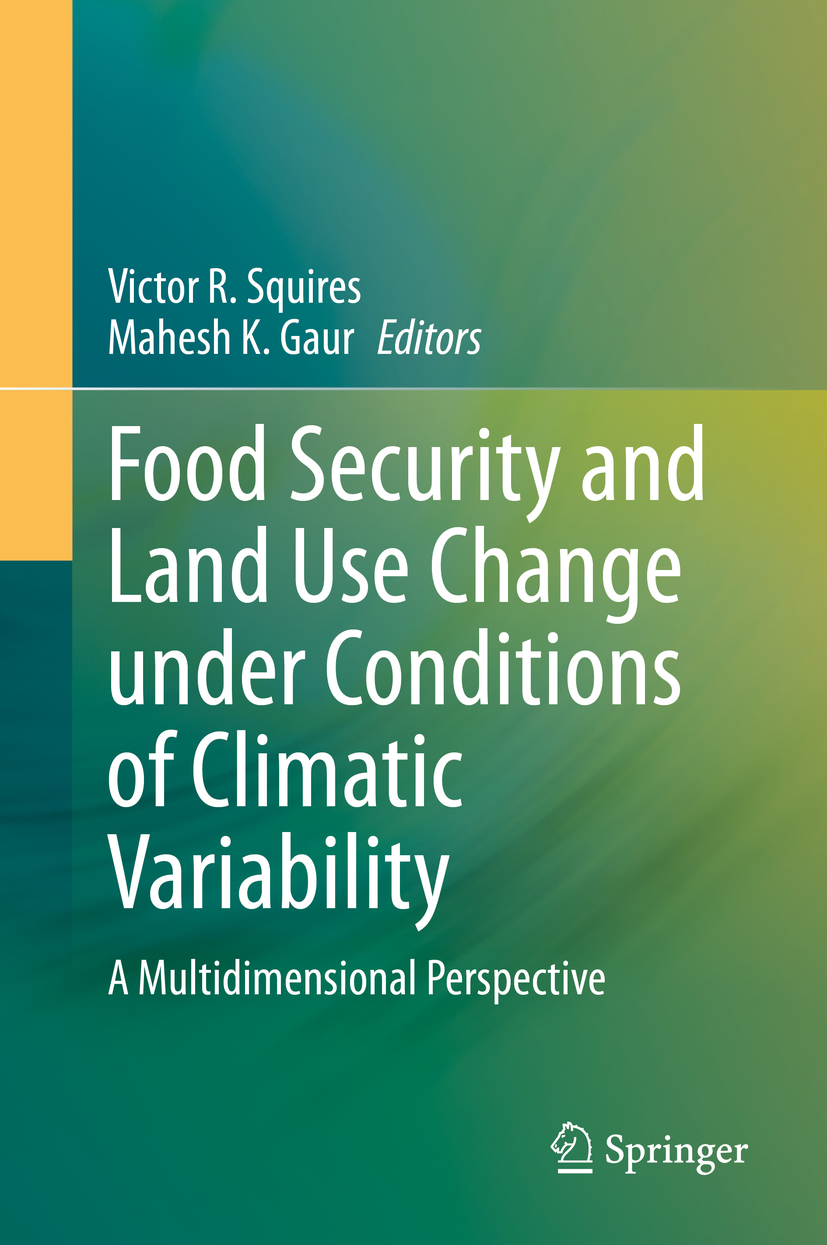
Food Security and Land Use Change under Conditions of Climatic Variability This volume analyzes the global challenges of food security, land use changes, and climate change impacts on food production in order to recommend sustainable development policies, anticipate future food services and demands, and identify the economic benefits and trade-offs of meeting food security demands and achieving climate change mitigation objectives. The key points of analysis that form the conclusions of this book are based on measuring the quantity and quality of land and water resources, and the rate of use of sustainable management of these resources in the context of socio-economic factors, including food security, poverty, and climate change impacts. In six parts, readers will learn about these crucial dimensions of the affects of climate change on food security, and will gain a better understanding of how to assess the trade-offs when combating multiple climate change challenges and how to develop sustainable solutions to these problems. The book presents multidimensional perspectives from expert contributors, offering holistic and strategic approaches to link knowledge on climate change and food security with action in the form of policy recommendations, with a focus on sociological and socio-economic components of climate change impacts. The intended audience of the book includes students and researchers engaged in climate change and food security issues, NGOs, and policy makers. TECHNOLOGY & ENGINEERING,Agriculture,General

Nanoagronomy In this age of population explosion and depleting natural resources, this book offers new techniques to produce more from agricultural crops at a lower cost. The field of agronomy addresses this issue and interacts with the fields of agriculture, botany, and economics. Nanotechnology and nanoparticles play a role in agronomy. This book will join the techniques from both fields to construct one comprehensive book. Students of agriculture, physics, nanotechnology, and plant sciences will benefit equally from this work. TECHNOLOGY & ENGINEERING,Agriculture,General
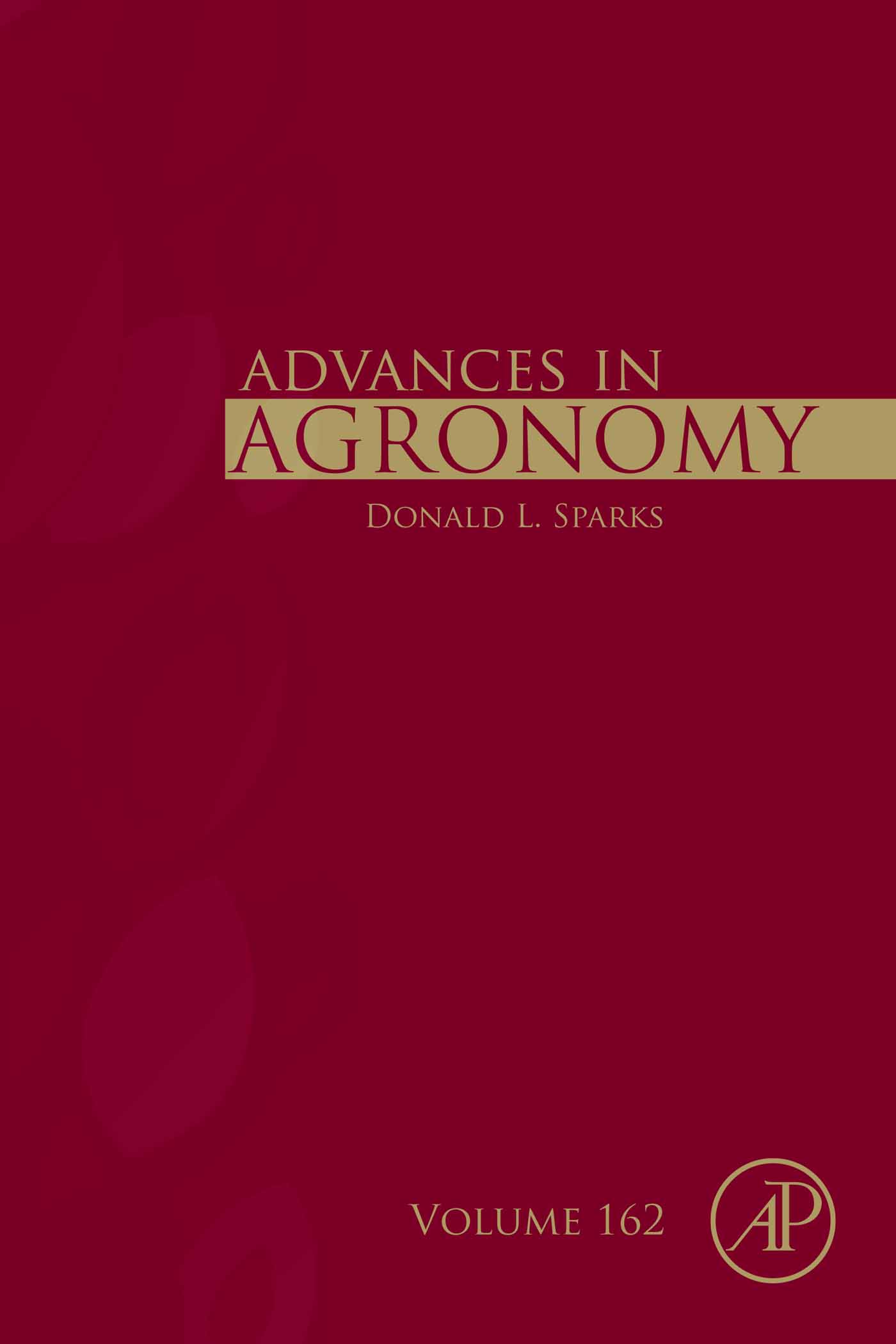
Advances in Agronomy Advances in Agronomy, Volume 162, continues to be recognized as a leading reference and first-rate source for the latest research in agronomy. Each volume contains an eclectic group of reviews by leading scientists throughout the world. As always, the subjects covered are rich, varied and exemplary of the abundant subject matter addressed by this long-running serial. Includes numerous, timely, state-of-the-art reviews on the latest advancements in agronomy Features distinguished, well recognized authors from around the world Builds upon this venerable and iconic review series Covers the extensive variety and breadth of subject matter in the crop and soil sciences TECHNOLOGY & ENGINEERING,Agriculture,General

Biotechnology for Biofuels The depletion of petroleum-derived fuel and environmental concerns have prompted many millennials to consider biofuels as alternative fuel sources. But completely replacing petroleum-derived fuels with biofuels is currently impossible in terms of production capacity and engine compatibility. Nevertheless, the marginal replacement of diesel with biofuel could delay the depletion of petroleum resources and abate the radical climate change caused by automotive pollutants. Energy security and climate change are the two major driving forces for worldwide biofuel development, and also have the potential to stimulate the agro-industry. The development of biofuels as alternative and renewable sources of energy has become critical in national efforts towards maximum self-reliance, the cornerstone of our energy security strategy. At the same time, the production of biofuels from various types of biomass such as plants, microbes, algae and fungi is now an ecologically viable and sustainable option. This book describes the biotechnological advances in biofuel production from various sources, while also providing essential information on the genetic improvement of biofuel sources at both the conventional and genomic level. These innovations and the corresponding methodologies are explained in detail. TECHNOLOGY & ENGINEERING,Agriculture,General
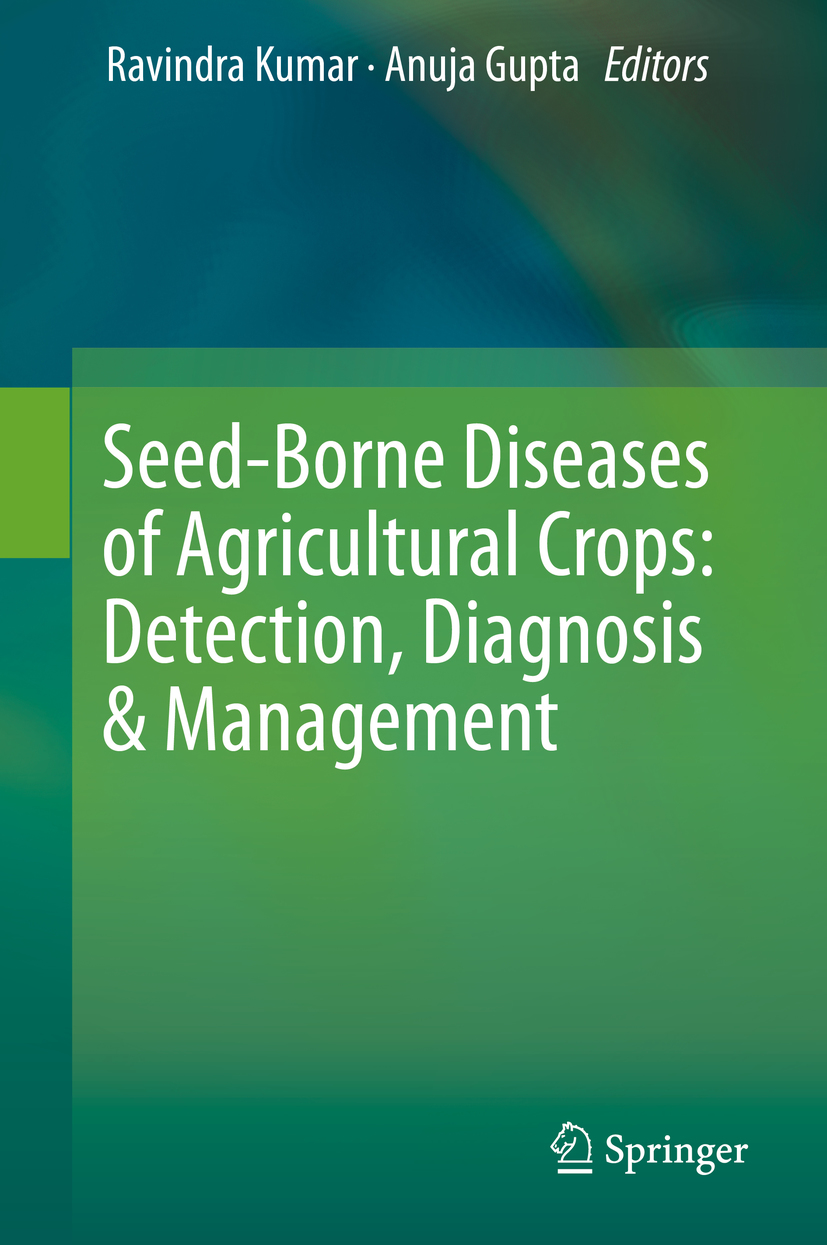
Seed-Borne Diseases of Agricultural Crops The global population is increasing rapidly, and feeding the ever-increasing population poses a serious challenge for agriculturalists around the world. Seed is a basic and critical input in agriculture to ensure global food security. Roughly 90 percent of the crops grown all over the world are propagated by seed. However, seed can also harbour and spread pathogens, e.g. fungi, bacteria, nematodes, viruses etc., which cause devastating diseases. Seed-borne pathogens represent a major threat to crop establishment and yield. Hence, timely detection and diagnosis is a prerequisite for their effective management. The book "Seed-Borne Diseases of Agricultural Crops: Detection, Diagnosis & Management" addresses key issues related to seed-borne/transmitted diseases in various agricultural crops. Divided into 30 chapters, it offers a comprehensive compilation of papers concerning: the history of seed pathology, importance of seed-borne diseases, seed-borne diseases and quarantine, seed health testing and certification, detection and diagnosis of seed-borne diseases and their phytopathogens, host-parasite interactions during development of seed-borne diseases, diversity of seed-borne pathogens, seed-borne diseases in major agricultural crops, non-parasitic seed disorders, mechanisms of seed transmission and seed infection, storage fungi and mycotoxins, impact of seed-borne diseases on human and animal health, and management options for seed-borne diseases. We wish to thank all of the eminent researchers who contributed valuable chapters to our book, which will be immensely useful for students, researchers, academics, and all those involved in various agro-industries. TECHNOLOGY & ENGINEERING,Agriculture,General
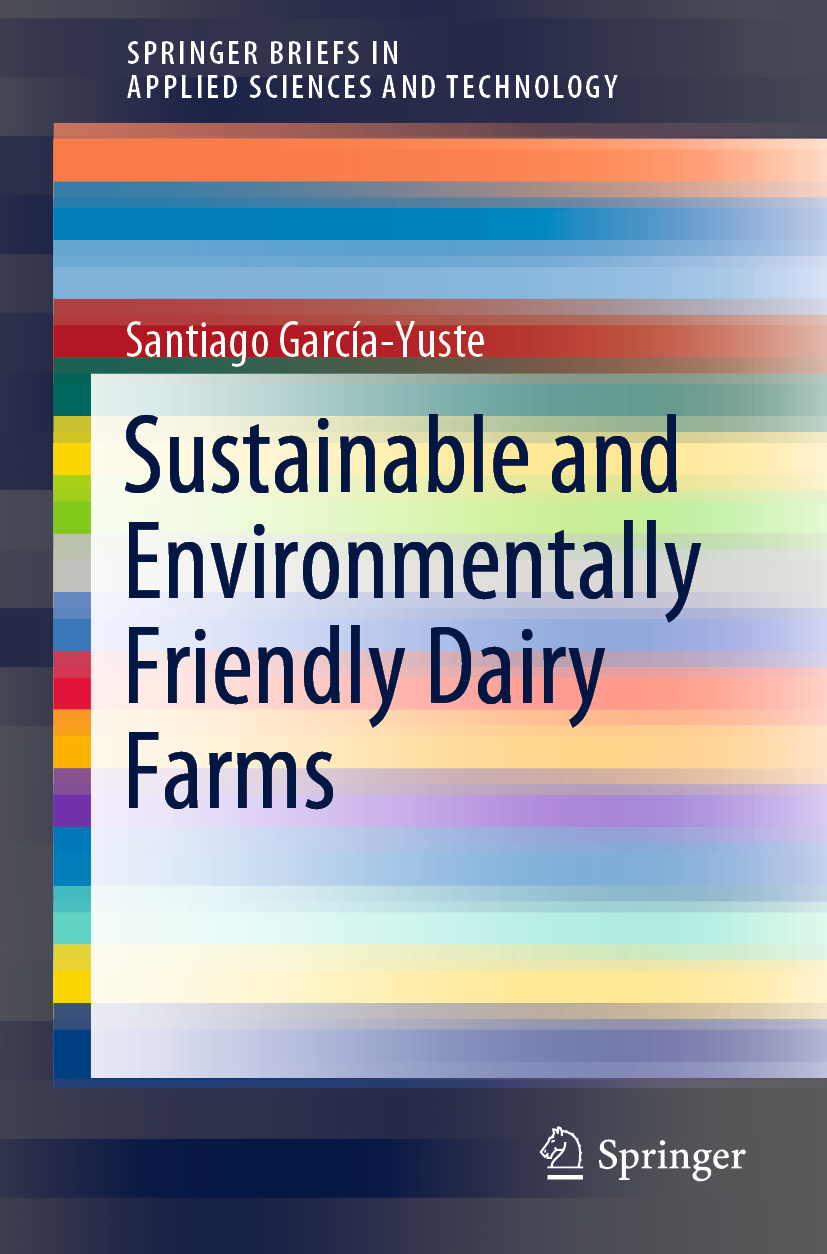
Sustainable and Environmentally Friendly Dairy Farms Sustainable and Environmentally Friendly Dairy Farms presents an innovative environmental proposal. While chiefly focusing on dairy farms, the environmental solution it describes is applicable to the entire livestock sector. The book is divided into five chapters, the first of which addresses the carbon footprint of dairy farms. Chapter two provides an overview of the animal production system, focusing on the physiology of the ruminant stomach and the greenhouse gases emitted by dairy cows. In turn, the third chapter covers dairy farm systems, explaining both intensive and extensive husbandry systems. The book’s final two chapters present the-state-of-art in CO2 capture, and describe a new and innovative CO2-RFP strategy. Given its scope, the book will be of interest to chemists, biologists, biotechnologists, and researchers active in agriculture and food-related areas, as well as those working in the food and dairy industry. TECHNOLOGY & ENGINEERING,Agriculture,General
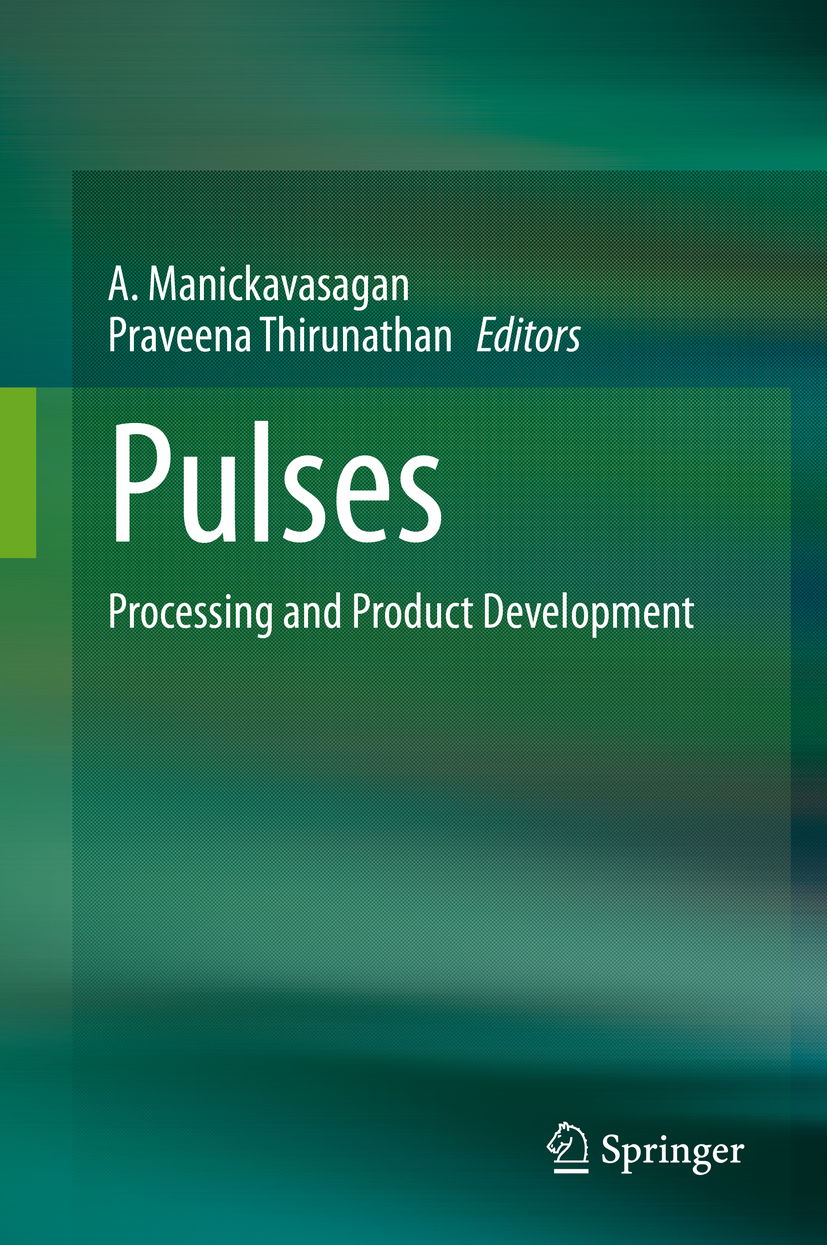
Pulses World health authorities recommend people maximize their protein intake through vegetable sources (such as pulses), and reduce protein intake from animal sources. Increasing vegetable protein intake has been shown to be positively associated with the reduction of both cardiovascular-disease-related mortality and all-cause mortality. Pulse consumption has been shown to improve satiety and metabolism of glucose and lipids, due to their high protein and fiber content, which makes their consumption ideal for preventing and managing obesity. In recent years, there has been increasing demand for pulses and pulse-based products in developed countries. Several large-scale collaborative research projects on pulse products have been initiated by government agencies. Similarly, established multinational food companies have developed pulse product units. Pulses: Processing and Product Development fulfills the need for a comprehensive book on processing and products of pulses. The book addresses a specific pulse with each chapter to meet a wide range of audiences from undergraduate students to consumers. TECHNOLOGY & ENGINEERING,Agriculture,General
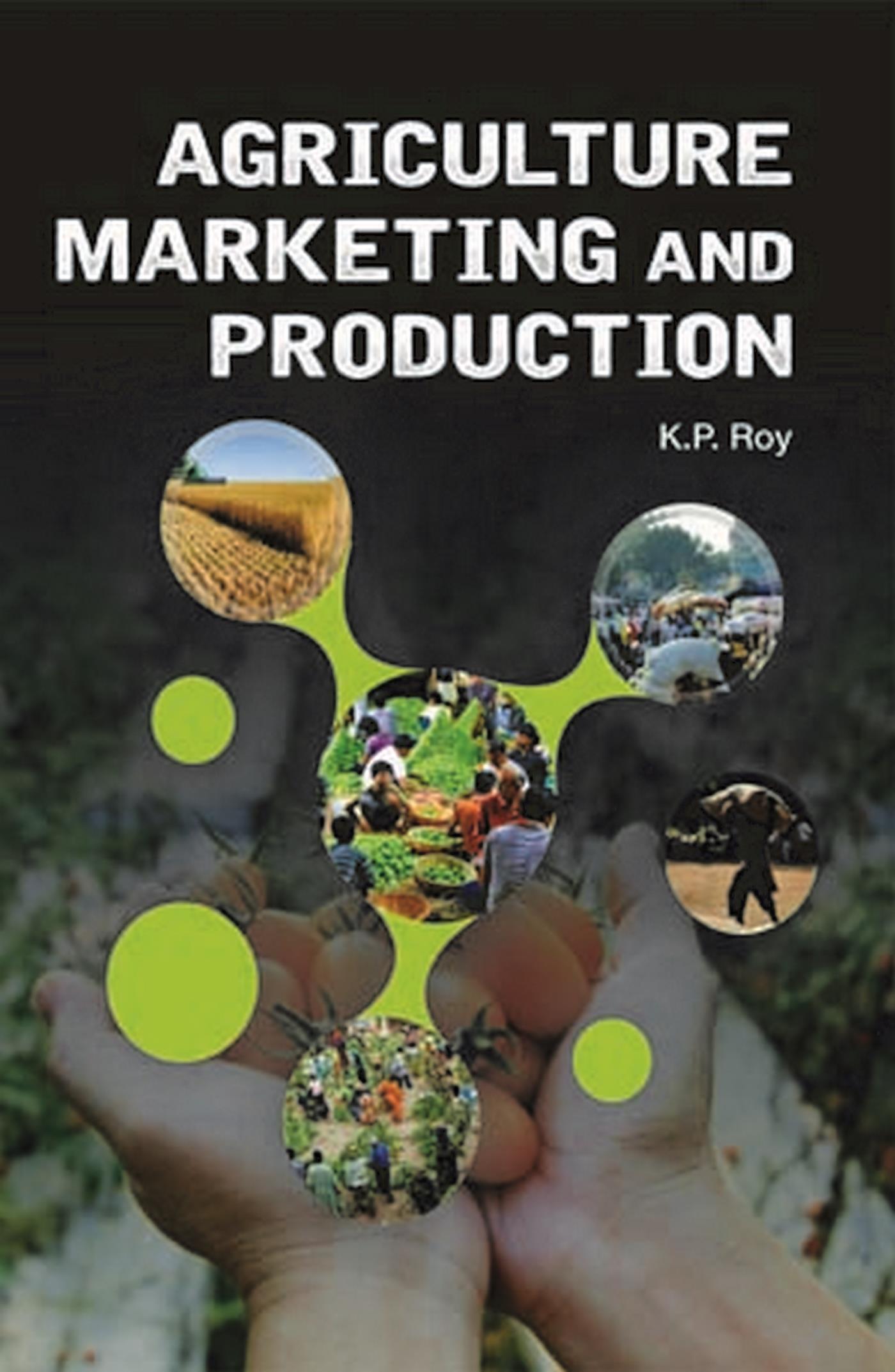
Agriculture Marketing and Production Agricultural Market Intelligence is an important and useful instrument, and it should be strengthened and extended to all the States. The MIUs apparently have not been able to function in the manner envisaged. Agriculture is one of the main components of the sustainability of human civilization. Those interested in using science to positively impact society and the environment may consider studying agricultural production. This book covers all the aspects of agriculture. It is hoped, the book will be found to be of immense value to the students of higher education, researchers and teachers. TECHNOLOGY & ENGINEERING,Agriculture,General

Agriculture The Bio-Integrated Farm is a must-read, twenty-first- century manual for managing these natural resources and brings system farming and permaculture to a whole new level. Currently farmers working hard to improve their income in crop production and overcome shortage of labourers. The interdependency of the two or more jobs at the same place on the same farm, combined with the activity in integrated farming project will probably be integrated farming system. The promotion of organic farming system with implementation of IPM tools has been proven to work well in reducing the economic injuries from pests and diseases which farmers experience while also producing healthier plant yields during harvest. The integrated bio-systems approach is a multi-purpose tool that can improve resource utilization and minimize external inputs in production processes, strengthen the local economies for food production, enable productive solid and liquid waste management as well as create sustainable livelihoods and communities. In this book an effort has been made to present the detailed information about the integrated farming system concept principles components, model development and their usefulness to the farm household. We hope that the book would prove to be useful to the students, researchers, planners, farmers and other stakeholders. TECHNOLOGY & ENGINEERING,Agriculture,General

A Guide How to Start Dairy Farming This book is based on Dairy farming. As it is a class of agricultural, or an animal husbandry, enterprise, for long-term production of milk, usually from dairy cows but also from goats and sheep, which may be either processed on-site or transported to a dairy factory for processing and eventual retail sale. Most dairy farms sell the male calves born by their cows, usually for veal production, or breeding depending on quality of the bull calf, rather than raising non-milk-producing stock. Many dairy farms also grow their own feed, typically including corn, alfalfa, and hay. This is fed directly to the cows, or is stored as silage for use during the winter season. TECHNOLOGY & ENGINEERING,Agriculture,General
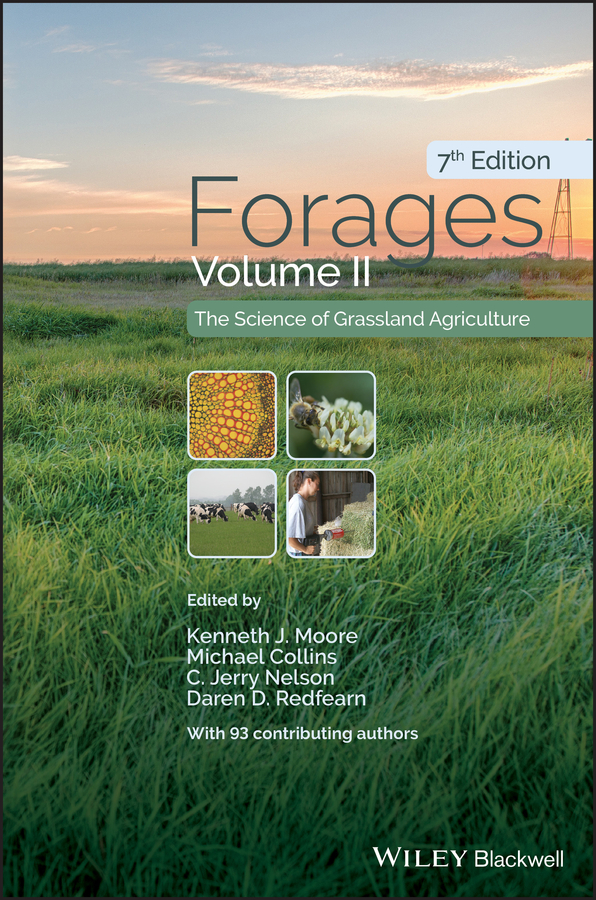
Forages, Volume 2 Forages: The Science of Grassland Agriculture, 7th Edition, Volume II will extensively evaluate the current knowledge and information on forage agriculture. Chapters written by leading researchers and authorities in grassland agriculture are aggregated under section themes, each one representing a major topic within grassland science and agriculture. This 7th edition will include two new additional chapters covering all aspects of forage physiology in three separate chapters, instead of one in previous editions. Chapters will be updated throughout to include new information that has developed since the last edition. This new edition of the classic reference serves as a comprehensive supplement to An Introduction to Grassland Agriculture, Volume I. TECHNOLOGY & ENGINEERING,Agriculture,General

Country Grit Scottie Jones lived a typical suburban, professional life in Phoenix until her husband, Greg, got into a near-fatal car accident. While recovering, he became convinced that they needed a change and a simpler way of life, one more connected with nature and with each other. So, driven by a desire to cut ties with a material and convenient suburban life that had left them feeling empty, they bought a peaceful-looking farmhouse on sixty acres in Oregon and said good-bye to everything they knew.But though the grass may look greener, the road to pastoral bliss is fraught with financial woes, relentless rural roadblocks, and colossal failures. When the burden becomes almost too much to bear, Scottie hits on the idea of turning a house they initially built for their daughter into a Farm Stay, where people could visit and learn about Leaping Lamb Farm. The Farm Stay becomes the niche that rescues them from foreclosure—having found both a sense of purpose and a sense of place, the couple now finds the means to sustain it.In a world increasingly filled with questions of where our food comes from and dissatisfactions about our modern lives, Country Grit is a story that will resonate with countless people itching to get back to the land. Told with humor and hard-earned wisdom, it is also an account of what small-scale farmers across the country experience everyday and a warning that the farming life is not for everyone. TECHNOLOGY & ENGINEERING,Agriculture,General

Advancement in Crop Improvement Techniques Advancement in Crop Improvement Techniques presents updates on biotechnology and molecular biological approaches which have contributed significantly to crop improvement. The book discusses the emerging importance of bioinformatics in analyzing the vast resources of information regarding crop improvement and its practical application and utilization. Throughout this comprehensive resource, emphasis is placed on various techniques used to improve agricultural crops, providing a common platform for the utility of these techniques and their combinations. Written by an international team of contributors, this book provides an in-depth analysis of existing tools and a framework for new research. Reviews techniques used for crop improvement, from selection and crossing over, to microorganismal approaches Explores the role of conventional biotechnology in crop improvement Summarizes the combined approaches of cytogenetics and biotechnology for crop improvement, including the importance of molecular techniques in this process Focuses on the emerging role of bioinformatics for crop improvement TECHNOLOGY & ENGINEERING,Agriculture,General

Ecological and Practical Applications for Sustainable Agriculture Rampant industrialization, urbanization, and population growth have resulted in increased global environmental contamination. The productivity of agricultural soil is drastically deteriorated and requires a high dose of fertilizers to cultivate crops. To ensure food security, farmers are compelled to apply excess chemical fertilizers and insecticides that contaminate soil, air, and water. Heavy loads of chemical fertilizers not only degrade the quality of agricultural land but also pollute water and air. Use of chemical fertilizers also accelerate the release of greenhouse gases like nitrous oxide and methane along with nutrient runoff from the watershed in to lower elevation rivers and lakes, resulting in cultural eutrophication. Farming practices globally in developed, developing, and under-developing countries should utilize and promote sustainable methods through viable combined environmental, social, and economic means that improve rather than harm future generations. This can include use of non-synthetic fertilizers like compost, vermicompost, slow-release fertilizers, farmyard manures, crop rotations that include nitrogen-fixing legumes. Organic fertilizers like compost and vermicompost improve soil properties like texture, porosity, water-holding capacity, organic matter, as well as nutrient availability. The purpose of this book is to document the available alternatives of synthetic fertilizers, their mode of action, efficiency, preparation methodology, practical suggestions for sustainable practices, and needed research focus. The book will cover major disciplines like plant science, environmental science, agricultural science, agricultural biotechnology and microbiology, horticulture, soil science, atmospheric science, agro-forestry, agronomy, and ecology. This book is helpful for farmers, scientists, industrialists, research scholars, masters and graduate students, non-governmental organizations, financial advisers, and policy makers. TECHNOLOGY & ENGINEERING,Agriculture,General

Woman-Powered Farm To go-to guide for women who want to be part of the farming revolution. Women are leading the new farming revolution in America. Much of the impetus to move back to the land, raise our own food, and connect with our agricultural past is being driven by women. They raise sheep for wool, harvest honey from their beehives, grow food for their families and sell their goods at farmers' markets. What does a woman who wants to work the land need to do to follow her dream? First, she needs this book. It may seem strange to suggest that women farmers need a different guide than male farmers, but women often have different strengths and goals, and different ways of achieving those goals. Audrey Levatino shares her experiences of running a farm and offers invaluable advice on how to get started, whether you have hundreds of acres or a simple lot for an urban community garden. Filled with personal anecdotes and stories from other women farmers, from old hands to brand new ones, from agricultural icons like Temple Grandin, to her own sister, this book is a reassuring and inspirational guide that discusses: Should you do an internship or jump right in? How to find a farm or how to handle one that you’ve inherited Best practices for selling at the farmer’s market and how to sell your goods locally Farmhouse chores and how to get them done right How to handle large power tools, including a chainsaw Planning and growing an organic farm garden Incorporating animals as part of a farm ecosystem Where to get started if you want to farm-school your kids Tips for keeping your mind, body and spirit healthy while undertaking the demanding nature of farm work It's all here, in the same warm and friendly voice that readers embraced in The Joy of Hobby Farming. Full-color photography throughout provides step-by-step instructions for anything you’ll need to do on your farm. TECHNOLOGY & ENGINEERING,Agriculture,General

From the Farm to the Table In From the Farm to the Table, over forty farm families from America's heartland detail the practices and values that relate to their land, work, and communities. Their stories reveal that those who make their living in agriculture--despite stereotypes of provincialism perpetuated by the media--are savvy to the influence of world politics on local issues. Gary Holthaus demonstrates how outside economic, governmental, legal, and business developments play an increasingly influential, if not controlling, role in every farmer's life. The swift approval of genetically modified crops by the federal government, the formation of huge agricultural conglomerates, and the devastating environmental effects of chemical fertilizers, pesticides, and herbicides are just a few issues buffeting family farms. From the Farm to the Table explores farmers' experiences to offer a deeper understanding of how we can create sustainable and vibrant land-based communities by adhering to fundamental agrarian values. TECHNOLOGY & ENGINEERING,Agriculture,General
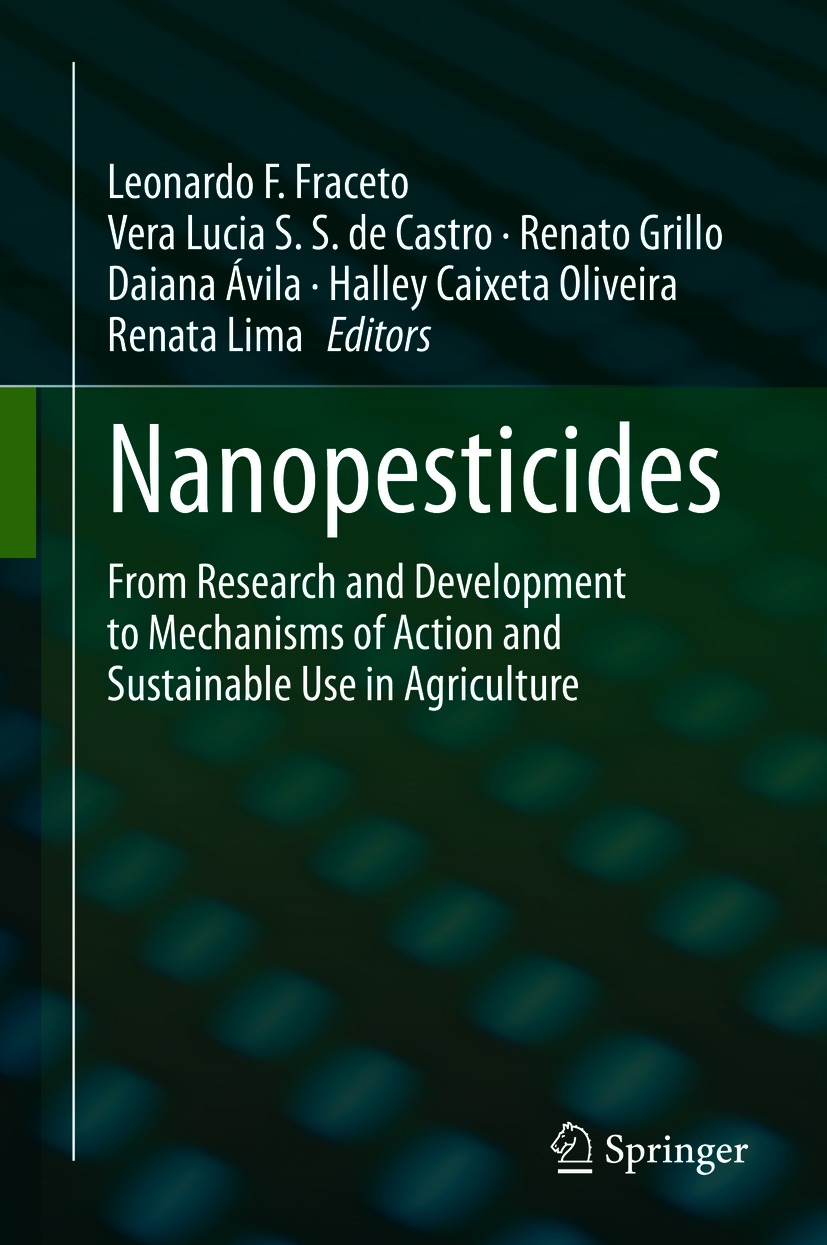
Nanopesticides This book explores the development of nanopesticides and tests of their biological activity against target organisms. It also covers the effects of nanopesticides in the aquatic and terrestrial environments, along with related subjects including fate, behaviour, mechanisms of action and toxicity. Moreover, the book discusses the potential risks of nanopesticides for non-target organisms, as well as regulatory issues and future perspectives. TECHNOLOGY & ENGINEERING,Agriculture,General
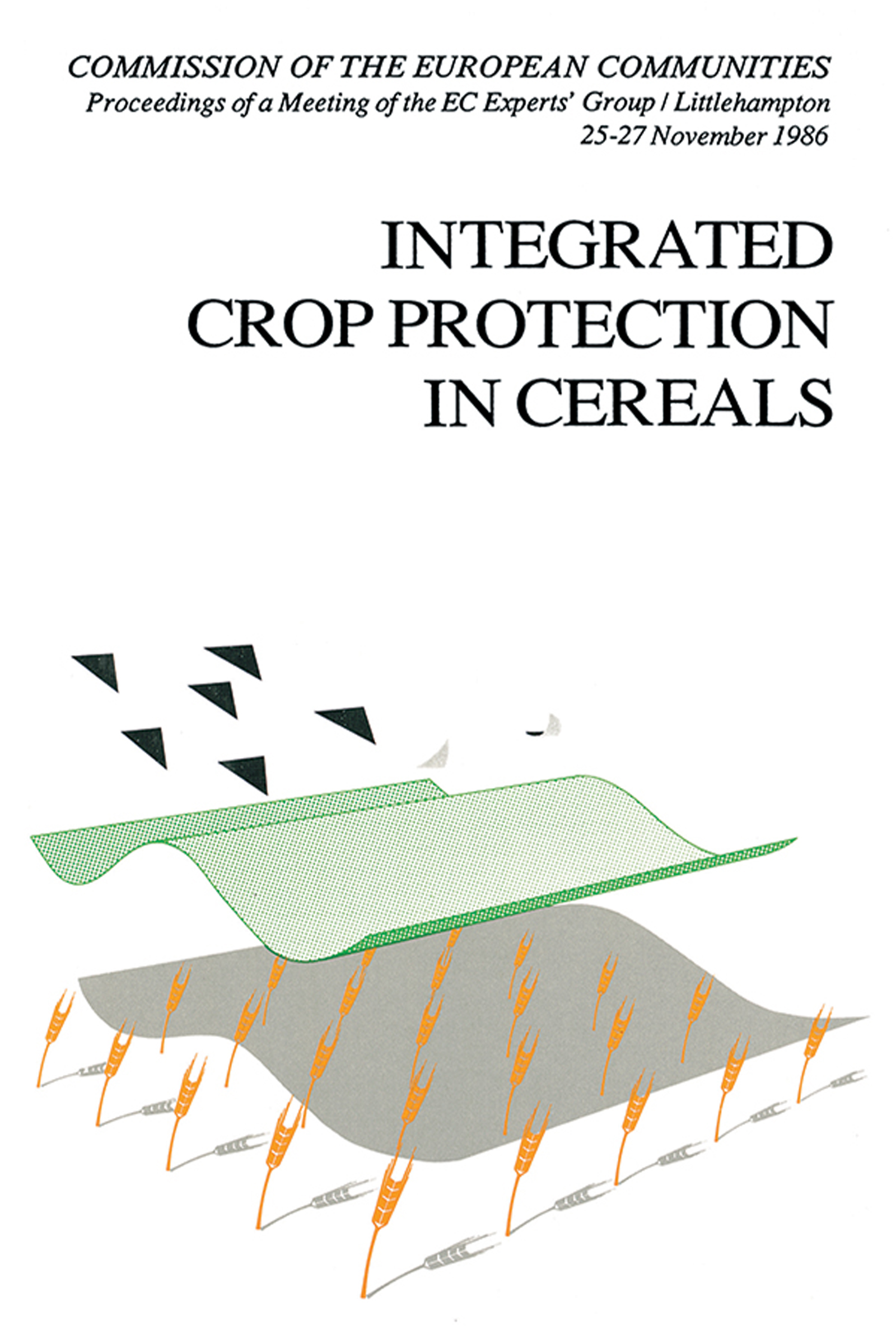
Integrated Crop Protection in Cereals This book contains 33 papers, presented at the meeting "Integrated Crop protection in Cereals", on recent developments in research into integral control of invertebrate pests, diseases and weeds, together with economic appraisals of applying such research to model farming systems. TECHNOLOGY & ENGINEERING,Agriculture,General
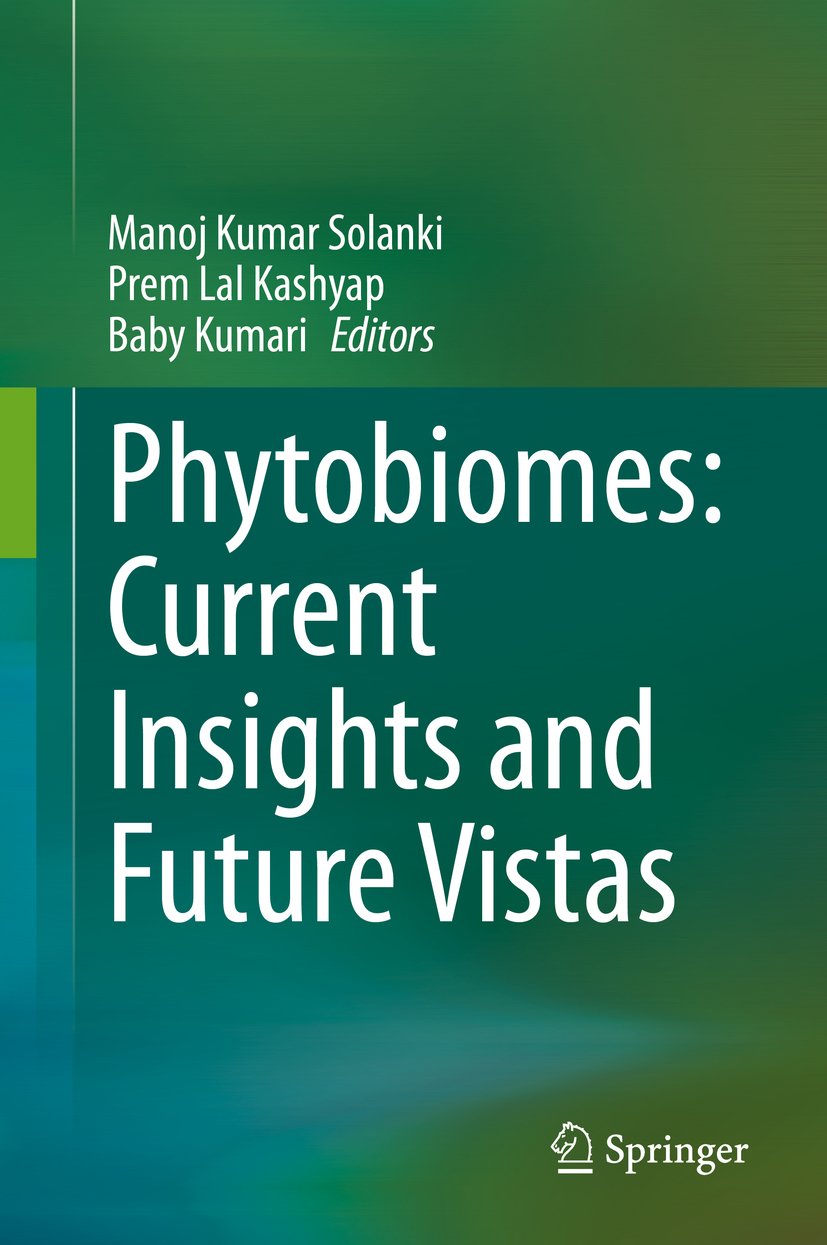
Phytobiomes To satisfy the food demands of the global population, advanced technology based research is needed, that can extract the information from the plant metabolism and microbial gene pool and use it for improving plant health and productivity. Modern biotechnological tools have the ability to unlock the limitations of agricultural practices. However, the application of these tools is not well equipped. Moreover, eco-friendly agriculture by microbial inoculants is known to have positive influences on soil/plant health. Therefore it is relevant to explore the plant associated microbial niches, especially endophytes, epiphytes, and soil microbes and understand how they are benefitting each other. It can open new insights to develop sustainable agriculture practices by using consortia of microbes as plant helpers that recover the imbalanced agriculture systems and manage pathogenic diseases. This book presents the updates about the plant associated microbiomes and their contemporary uses. It covers the knowledge gap between soil and plant helper microbiomes and their application in the agriculture and allied sectors. Modern insights of phytobiomes are explored in various chapters on a variety of interrelated aspects of the fascinating areas like plant microbial interaction, integrated pest management, soil fertility intensification, sustainable crop production, and disease management. Sections in the book describe how to plant beneficial microbiomes have been utilized for sustainable green farming, with the aim to resolve the global food problem without harming the soil and environment health. This book is intended for everyone who is involved in agriculture, microbial biotechnology, bioinformatics, and all disciplines related to microbial biotechnology. These include academic students, scientists, and researchers at universities, institutes, industries, and government organizations who want to understand microbial linkages in a shorter time. It contains basic information that will be help to the non-specialist readers to understand progressive research. TECHNOLOGY & ENGINEERING,Agriculture,General

Systems Modeling Achieving food security and economic developmental objectives in the face of climate change and rapid population growth requires systems modelling approaches, for example in the design of sustainable agriculture farming systems. Such approaches increase our understanding of system responses to different soil and climatic conditions, and provide insights into the effects of various variable climate change scenarios, providing valuable information for decision-makers. Further, in the agricultural sector, systems modelling can help optimise crop management and adaptation measures to boost productivity under variable climatic conditions. Presenting key outcomes from crop models used in agricultural systems this book is a valuable resource for professionals interested in using modelling approaches to manage the growth and improve the quality of various crops. TECHNOLOGY & ENGINEERING,Agriculture,General
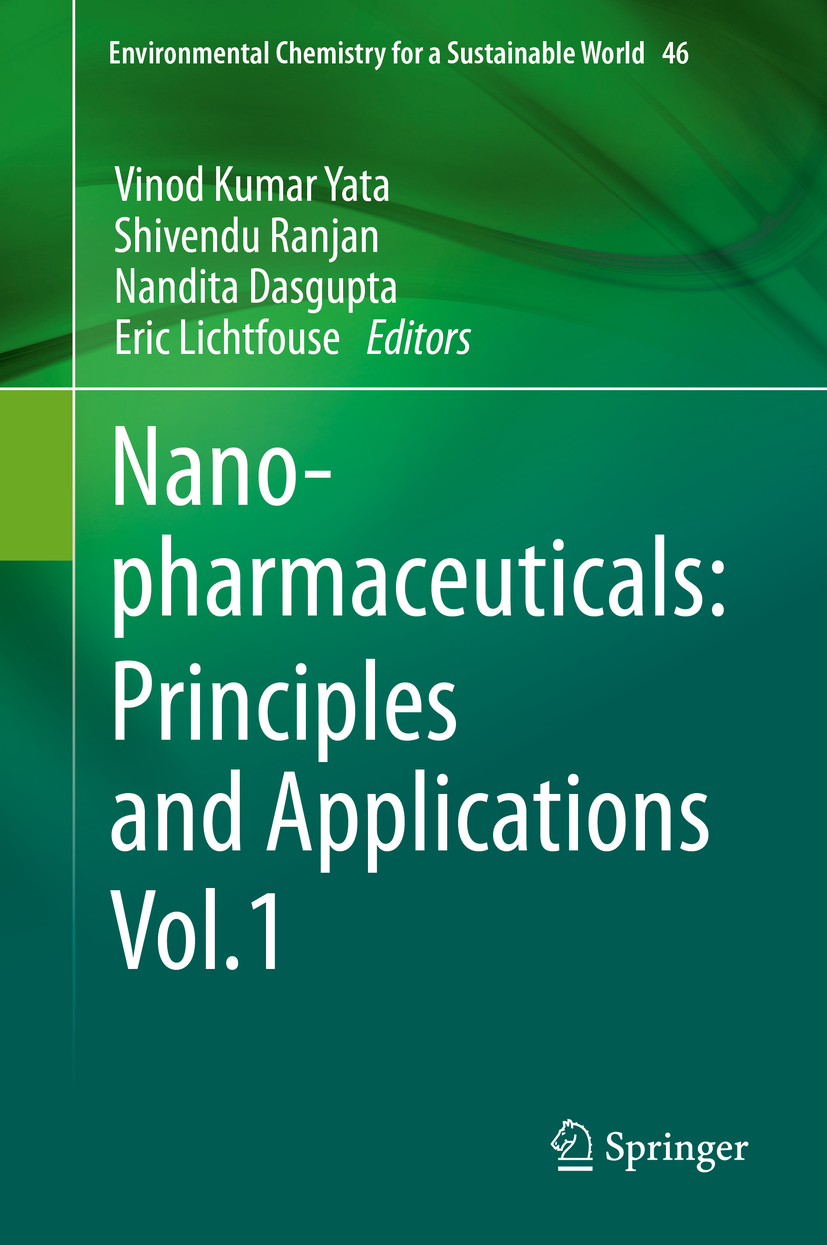
Nanopharmaceuticals This book discusses the biological, technical and study-design challenges of Nanopharmaceuticals. Chapters of this book are dedicated to supermagentic iron oxide nanoparticles for the diagnosis of brain, breast, gastric, ovarian, liver, colorectal, lung and pancreatic cancers. It also includes a brief introduction to magnetic resonance imaging and ends with the future prospective of iron oxide nanoparticles in cancer detection. The book also provides a critical discussion on ‘Computational sequence design for DNA nanostructures’ and gives a brief introduction about the skin delivery. A detailed discussion has been included about the different types of nanocarriers such as micells, microemulsions, nanoemulsions, polymeric and lipid based nanoparticles. Focussing on the safety concerns of nanomedicine it also covers the safety issues, clinical benefits, ecotoxicity and regulatory frame work of nanopharmaceuticals. TECHNOLOGY & ENGINEERING,Agriculture,General
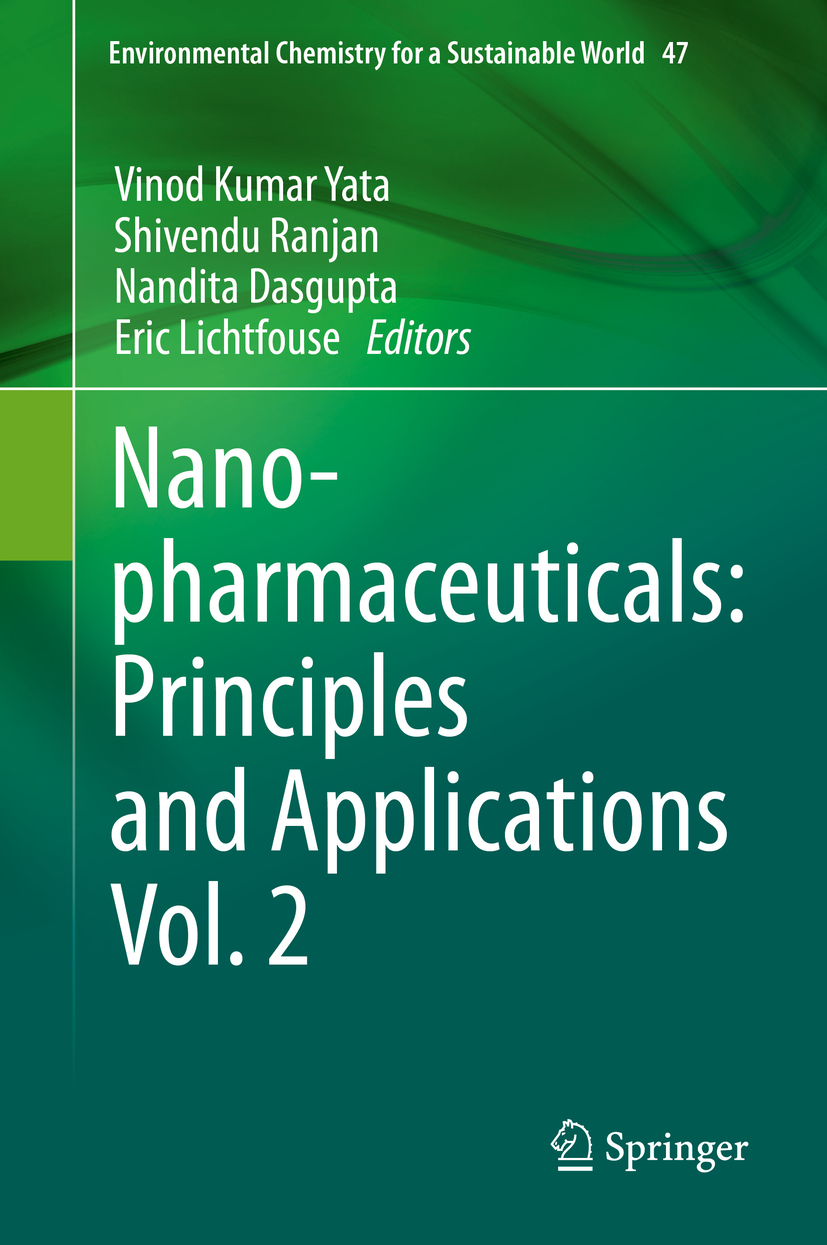
Nanopharmaceuticals This book presents the comprehensive description of basic principles, methodologies, similarities and differences of nano-liposomes and -phytosomes. It focuses on the implications of these nano carriers in drug delivery and also includes detailed classification of nanoinonized drug particles, polymeric nanoparticles and hydrophobic nanoparticles. This book concludes with the biological, technical and study-design challenges of Nanopharmaceuticals and presents critical viewpoints of smart DNA nanostructures. The risk factors and regulatory concerns have also been kept in focus and the book includes the toxicity and application of different types of ionic liquids for humans and environment. It also critically describes characteristics, applications and regulatory gaps of nanoparticle-ionic liquid combined systems. TECHNOLOGY & ENGINEERING,Agriculture,General
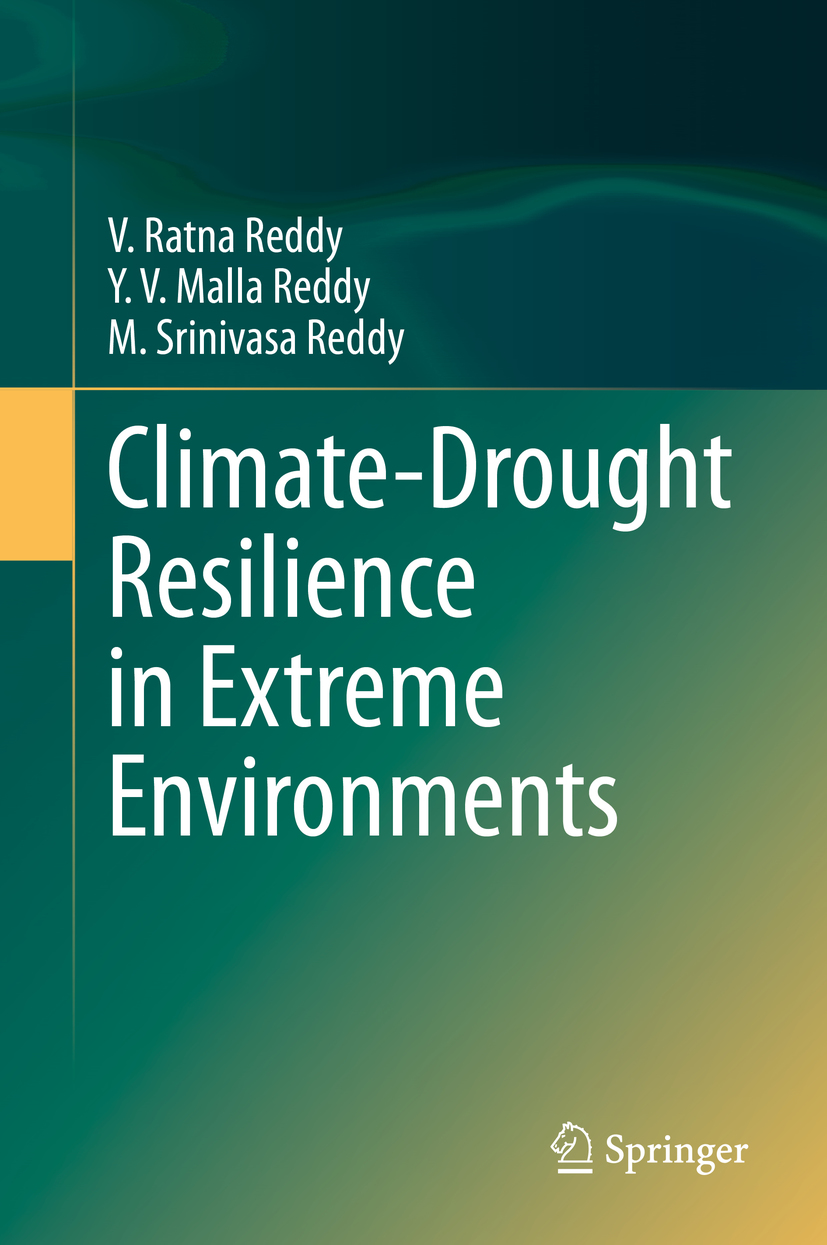
Climate-Drought Resilience in Extreme Environments This book assesses the effectiveness of changes in watershed interventions in one of the most fragile resource regions of India. Specifically the chapters examine various watershed centred interventions and their implementation process. An evaluation of the livelihood impacts, including crop production on the communities, is discussed and an assessment of the drought and climate resilience of households in the context of watershed and related interventions, including institutions and capacity of the communities, is investigated. Lessons are drawn to further identify measures to strengthen and improvise interventions for enhanced climate-drought resilience in harsh environments. TECHNOLOGY & ENGINEERING,Agriculture,General

Seed Quality Seed Quality: Basic Mechanisms and Agricultural Implications focuses on various aspects of seed quality and integrates research at basic and applied levels, supporting high-quality seeds as the basis of higher agricultural productivity. With its clear perspective and interdisciplinary focus on basic and applied aspects of seed quality, this book is immensely useful to students and teachers in many agricultural and botanical disciplines. Because seed quality is a critical component in the economic considerations of the farmer and the seedman alike, Basra looks in-depth at these aspects of seed production: seed viability seed health seed vigor seed testing variety identification crop yield seed storage seed production seed deterioration seed treatments Seed quality is of international agronomic concern, and the recent upsurge of interest in seed quality has accentuated a new awareness regarding its importance in crop production. This book meets the need for information and could form the basis of long-range planning by policymakers on quality assurance and management programs and in the facilitation of international trade. Researchers, students, and teachers in many agricultural and botanical disciplines--seed science and technology in particular--will find this book to be of immense use. It can be used as a handbook for those involved in seed industry and seed testing services. It is recommended for international courses in seed science and technology and seed training programs. TECHNOLOGY & ENGINEERING,Agriculture,General
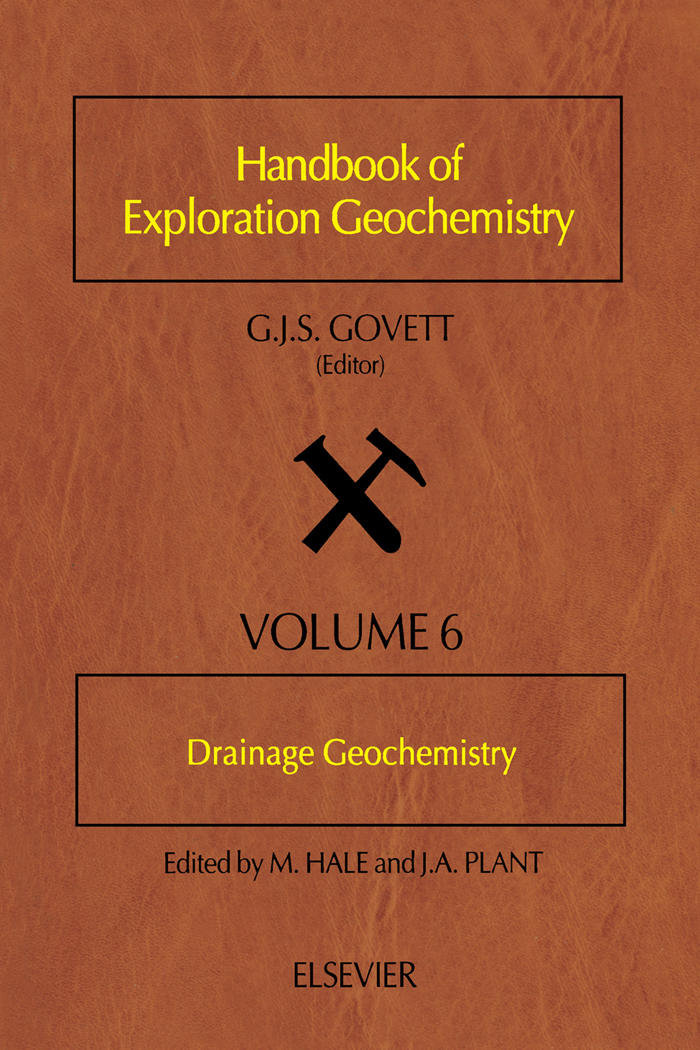
Drainage Geochemistry The considerable exploration success achieved by geochemistry over the last several decades - and still continuing - has provided both the basis and rationale for the Handbook of Exploration Geochemistry series, including Volume 6, Drainage Geochemistry in Mineral Exploration. With contributions from 25 experts of truly global professional experience in drainage geochemistry, this book is a thorough appraisal of the state of the art in the use of surface and sub-surface waters, stream and lake sediments, heavy minerals for mineral exploration in tropical rain forests, temperate glaciated terrains, mountain chains, arid deserts and regions of agricultural and industrial pollution. Additional attention is given to gold and uranium exploration, and to the growing role of drainage geochemistry as a multi-purpose environmental mapping technique with applications in human health studies, ore deposit modelling and pollution monitoring. It comprises 16 chapters, more than 250 figures and a bibliography of some 1600 references.This book is the most extensive and detailed single work on the principles and applications of drainage geochemistry in mineral exploration blending both theoretical considerations and practical implementations. TECHNOLOGY & ENGINEERING,Agriculture,Irrigation
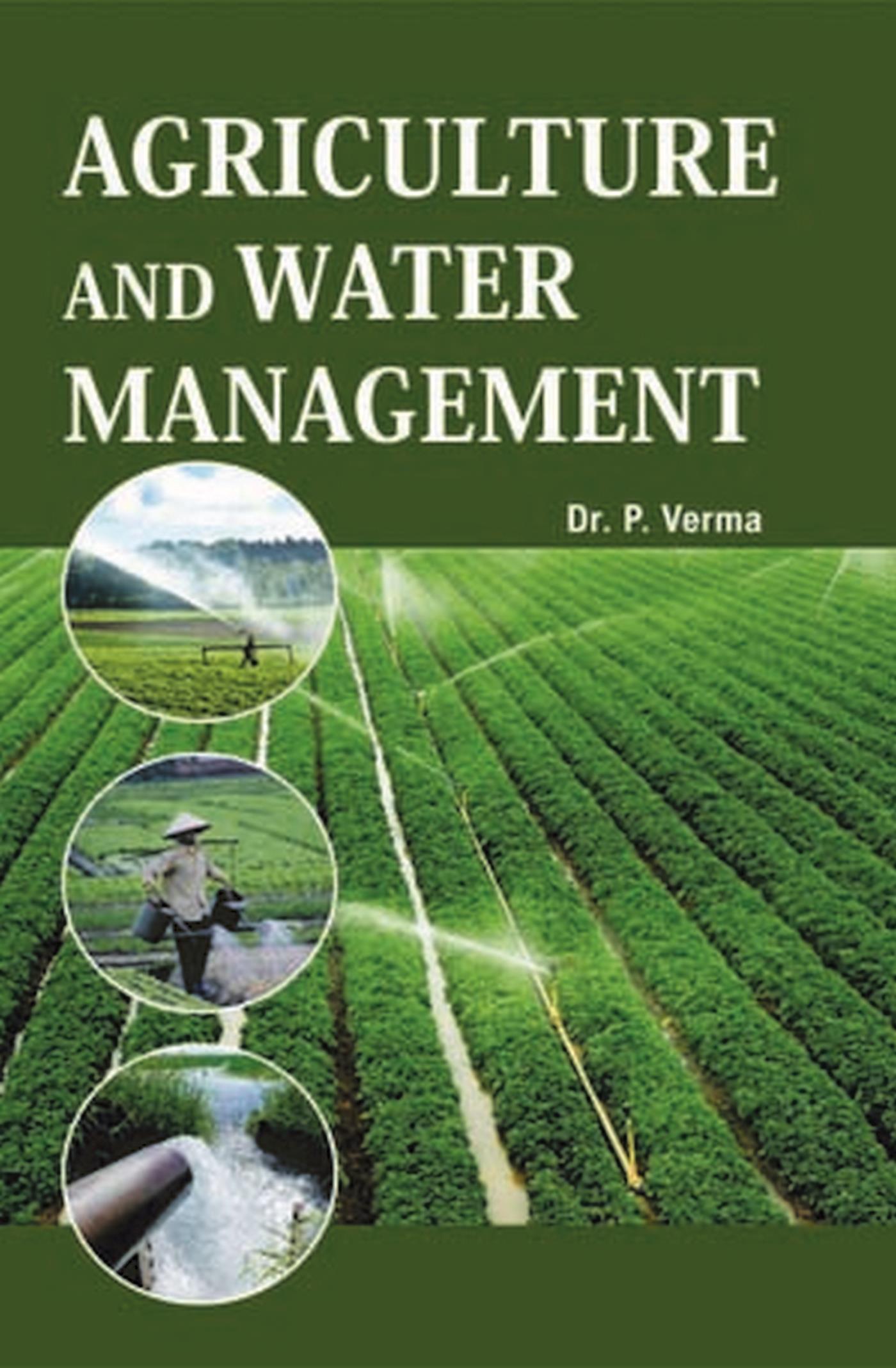
Agriculture and Water Management The agricultural produce in the country is freely marketed through private trade operating in organized markets/mandies. The role of the government normally is limited to protecting the interests of producers and consumers, only in respect of wage goods, mass consumption goods and essential goods. This book covers all the aspects of agriculture. It is hoped, the book will be found to be of immense value to the students of higher education, researchers and teachers. TECHNOLOGY & ENGINEERING,Agriculture,Irrigation
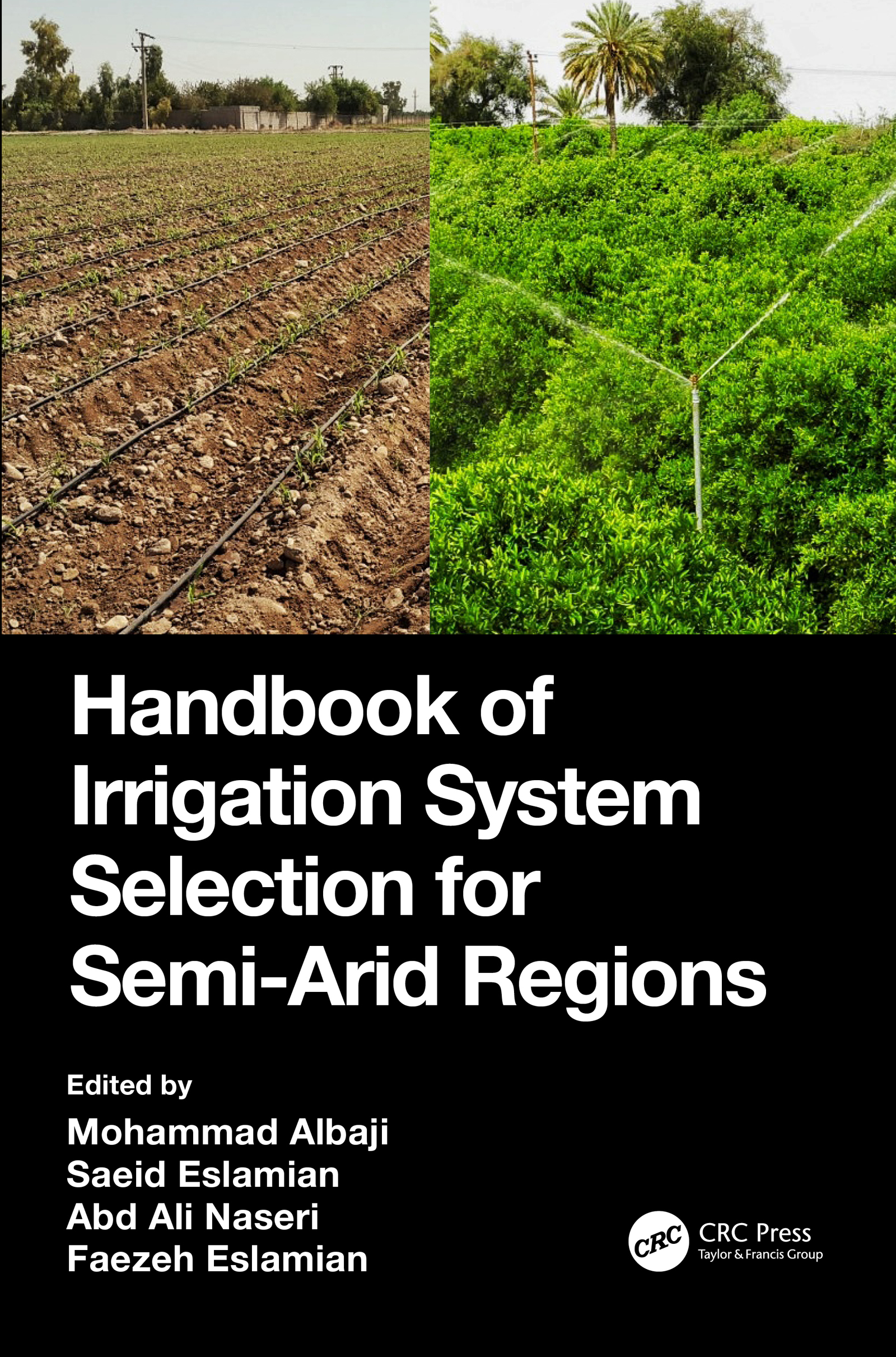
Handbook of Irrigation System Selection for Semi-Arid Regions The Handbook of Irrigation System Selection for Semi-Arid Regions compares the various types of available irrigation systems for different regions and conditions, and explains how to analyze field data to determine the suitability of the land for surface, sprinkle, or drip irrigation systems. The book focuses on strategies for irrigation development and management and examines deficit irrigation and partial root-zone drying systems. Also, solute leaching modeling under different irrigation systems, soil moisture conditions, and organic fertilizer application in arid areas are discussed. Further, it examines multi-criteria decision making for irrigation management and the appraisal of agricultural lands for irrigation in hot, sub-humid regions. Features: Presents comparative analysis to aid in the selection of the most appropriate types of irrigation systems according to land characteristics. Includes numerous practical case studies. Offers parametric evaluation systems for irrigation purposes. Considers data from semi-arid zones, each with different sub-climates. Focusing on semi-arid land, the book highlights parametric evaluation systems for irrigation purposes, along with the use of analytical hierarchy processes integrated with GIS to determine which systems are best suited. This comprehensive and well-illustrated handbook will be of great interest to students, professionals, and researchers involved with all aspects of irrigation in semi-arid regions. TECHNOLOGY & ENGINEERING,Agriculture,Irrigation

The New Organic Grower, 3rd Edition “Updated for its 30th anniversary edition; [This book] remains as relevant as ever.â€â€”New York Times Book Review Since its original publication in 1989, The New Organic Grower has been one of the most important farming books available, with pioneer Eliot Coleman leading the charge in the organic movement in the United States. Now fully illustrated and updated, this 30th Anniversary Edition is a must-have for any agricultural library. Eliot Coleman’s books and innovative methods have helped innumerable organic farmers build successful farms in deep accordance with nature. The wisdom in this seminal book holds true even as the modern agricultural canon has grown—in large part due to Coleman’s influence as a wise elder with decades of experience. New information has been included in this edition to showcase the new tools and techniques that Eliot has been developing over the last thirty-five years. Inspired by the European intensive growers, The New Organic Grower, 30th Anniversary Edition, offers a very approachable and productive form of farming that has proven to work well for the earth and its stewards for centuries. Gardeners working on 2.5 acres or less will find this book especially useful, as it offers proof that small-scale market growers and serious home gardeners can live good lives close to the land and make a profit at the same time. The New Organic Grower is ideal for young farmers just getting started, or gardeners seeking to expand into a more productive enterprise. New material in this edition includes: Beautiful color photographs throughout, taken by master gardener and author Barbara Damrosch (Eliot’s wife and co-farmer) Updated information throughout on how Eliot’s practices have changed through his experiments over the years A new section from Damrosch about incorporating flowers on the small farm More information on new tools Eliot has invented that don’t appear in any of his other books TECHNOLOGY & ENGINEERING,Agriculture,Organic
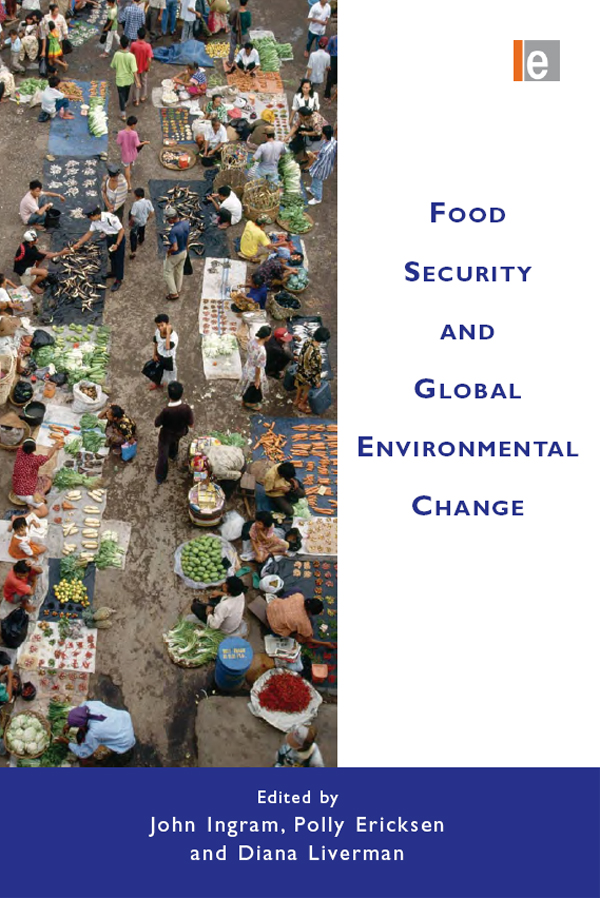
Food Security and Global Environmental Change Global environmental change (GEC) represents an immediate and unprecedented threat to the food security of hundreds of millions of people, especially those who depend on small-scale agriculture for their livelihoods. As this book shows, at the same time, agriculture and related activities also contribute to GEC by, for example, intensifying greenhouse gas emissions and altering the land surface. Responses aimed at adapting to GEC may have negative consequences for food security, just as measures taken to increase food security may exacerbate GEC. The authors show that this complex and dynamic relationship between GEC and food security is also influenced by additional factors; food systems are heavily influenced by socioeconomic conditions, which in turn are affected by multiple processes such as macro-level economic policies, political conflicts and other important drivers. The book provides a major, accessible synthesis of the current state of knowledge and thinking on the relationships between GEC and food security. Most other books addressing the subject concentrate on the links between climate change and agricultural production, and do not extend to an analysis of the wider food system which underpins food security; this book addresses the broader issues, based on a novel food system concept and stressing the need for actions at a regional, rather than just an international or local, level. It reviews new thinking which has emerged over the last decade, analyses research methods for stakeholder engagement and for undertaking studies at the regional level, and looks forward by reviewing a number of emerging 'hot topics' in the food security-GEC debate which help set new agendas for the research community at large. Published with Earth System Science Partnership, GECAFS and SCOPE TECHNOLOGY & ENGINEERING,Agriculture,Sustainable Agriculture
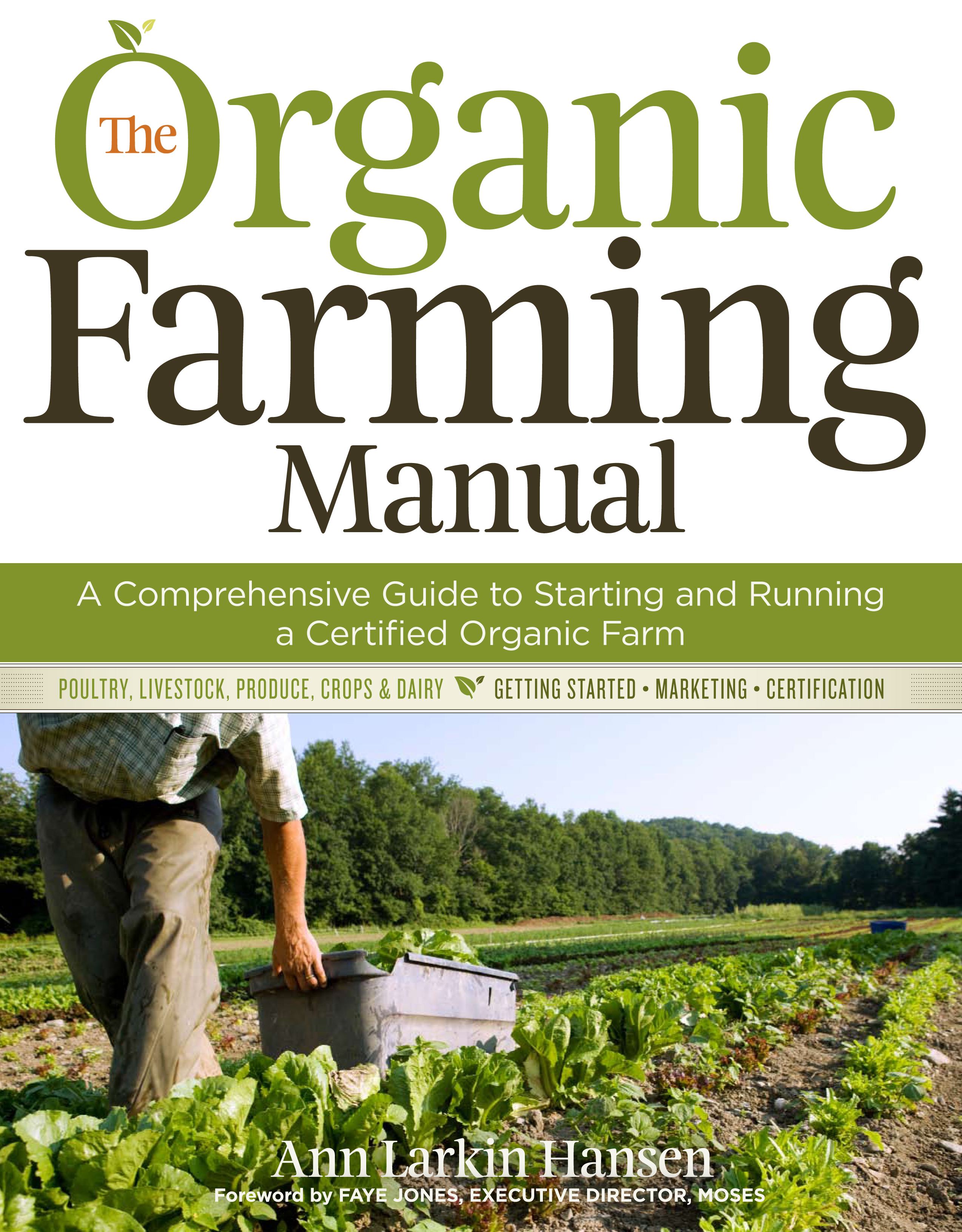
The Organic Farming Manual Whether you’re just starting out or transitioning from traditional farming techniques, this guide has everything you need to know about growing and marketing your own organic produce, grains, meat, and dairy. TECHNOLOGY & ENGINEERING,Agriculture,Sustainable Agriculture

Farming with Native Beneficial Insects The Xerces Society, one of the most prominent conservation organizations in the United States, presents a comprehensive guide to creating farm habitats that will attract beneficial insects to reduce crop damage from pests without using pesticides. TECHNOLOGY & ENGINEERING,Agriculture,Sustainable Agriculture

Wendell Berry The first volume of the Library of America's definitive two-volume selection of the nonfiction writings of our greatest living advocate for sustainable culture. Writing with elegance and clarity, Wendell Berry is a compassionate and compelling voice for our time of political and cultural distrust and division, whether expounding the joys and wisdom of nonindustrial agriculture, relishing the pleasure of eating food produced locally by people you know, or giving voice to a righteous contempt for hollow innovation. He is our most important writer on the cultural crisis posed by industrialization and mass consumerism, and the vital role of rural, sustainable farming in preserving the planet as well as our national character. Now, in celebration of Berry's extraordinary six-decade-long career, Library of America presents a two-volume selection of his nonfiction writings prepared in close consultation with the author. This first volume collects thirty-three essays from nine different books, including his first, The Long-Legged House (1969), What are People For? (1990), with its still provocative essay "Why I am Not Going to Buy a Computer," and the complete text of his now classic The Unsettling of America (1975), whose argument about the enormous ecological, economic, and human costs of industrial agriculture has, as the author notes, "not had the happy fate of being proved wrong." Berry's essays remain timely, even urgent today, and will resonate with anyone interested in our relationship to the natural world and especially with a younger, politically engaged generation invested in the future welfare of the planet. INCLUDES: The Unsettling of America AND SELECTIONS FROM The Long-Legged House The Hidden Wound A Continuous Harmony Recollected Essays The Gift of Good Land Standing by Words Home Economics What Are People For? LIBRARY OF AMERICA is an independent nonprofit cultural organization founded in 1979 to preserve our nation’s literary heritage by publishing, and keeping permanently in print, America’s best and most significant writing. The Library of America series includes more than 300 volumes to date, authoritative editions that average 1,000 pages in length, feature cloth covers, sewn bindings, and ribbon markers, and are printed on premium acid-free paper that will last for centuries. TECHNOLOGY & ENGINEERING,Agriculture,Sustainable Agriculture
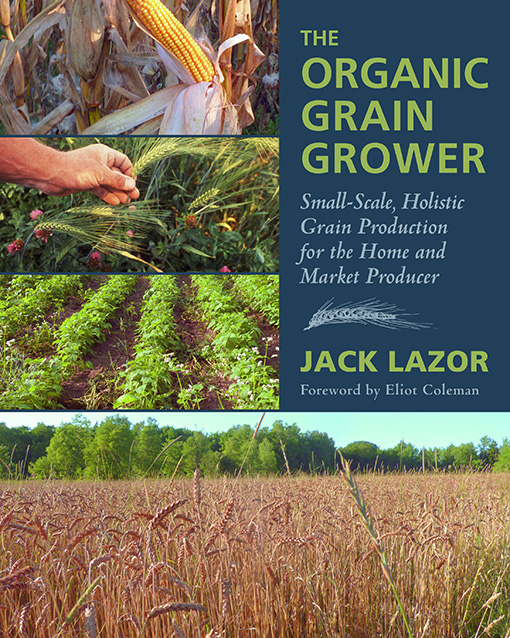
The Organic Grain Grower The ultimate guide to growing organic grains on a small and ecological scale, The Organic Grain Grower is invaluable for both home-scale and commercial producers interested in expanding their resiliency and crop diversity through growing their own grains. Longtime farmer and organic pioneer Jack Lazor covers how to grow and store wheat, barley, oats, corn, dry beans, soybeans, pulse crops, oilseeds, grasses, nutrient-dense forages, and lesser-known cereals. In addition to detailed cultivation and processing information, Lazor argues the importance of integrating grains on the organic farm (not to mention for the local-food system) for reasons of biodiversity and whole farm management. Including extensive information on: The history of grain growing and consumption in North America The twenty-first century and the birth of the local-food movement Considering your farm's scale and climate Understanding soil fertility and structure Planting your crop (including spring vs. fall cereals and preparing your soil) The growing and ripening process (reproductive, milk, hard-and-soft dough stages) The grain harvest Preparing grain for sale, storage, or end use (drying, cleaning seed, grain handling) Seed breeding and saving Machinery, infrastructure, and processing (both home-scale tools and larger farm equipment) Grinding grains for livestock rations (including how to put together a ration based on protein content) and sample rations for dairy cows, pigs, and chickens Processing grains for human consumption Additional resources and information for new grain farmers, and more... Beginners will learn how to grow enough wheat for a year's supply of bread flour for their homestead, and farmers will learn how to become part of a grain co-op, working alongside artisan bakers and mills. Never before has there been a guide to growing organic grains applicable both for the home-scale and professional farming scale. This will be a classic for decades to come and a crucial addition to any farmer's, homesteader's, gardener's, agronomist's, or seed-saver's library. TECHNOLOGY & ENGINEERING,Agriculture,Sustainable Agriculture
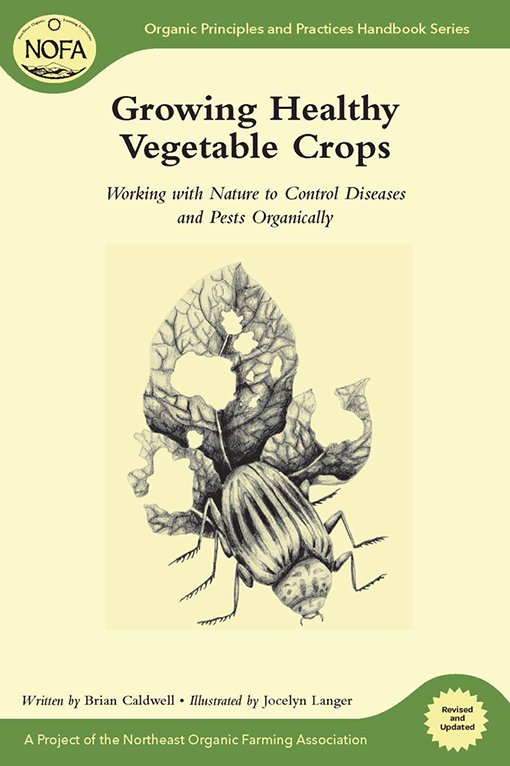
Growing Healthy Vegetable Crops Part of the NOFA Guides. Includes information on: Basic concepts of pest control (host susceptibility, soil health, genetic resistance, ecosystem factors) Practical approaches (crop cultural practices, rescue treatments, special section on mammals and birds, food safety) Farm design for pest reduction (diversity, crop rotation) Unorthodox approaches (farmers out of the box) Identifying pests Crop-by-crop pests and practices TECHNOLOGY & ENGINEERING,Agriculture,Sustainable Agriculture

The Permaculture Handbook Permaculture is a way to apply ecological design principles to food, housing, and energy systems, making growing fruits, vegetables and livestock more productive and sustainable. The Permaculture Handbook is an illustrated guide to practical, small-scale permaculture with case studies of three successful farmsteads and market gardens. TECHNOLOGY & ENGINEERING,Agriculture,Sustainable Agriculture
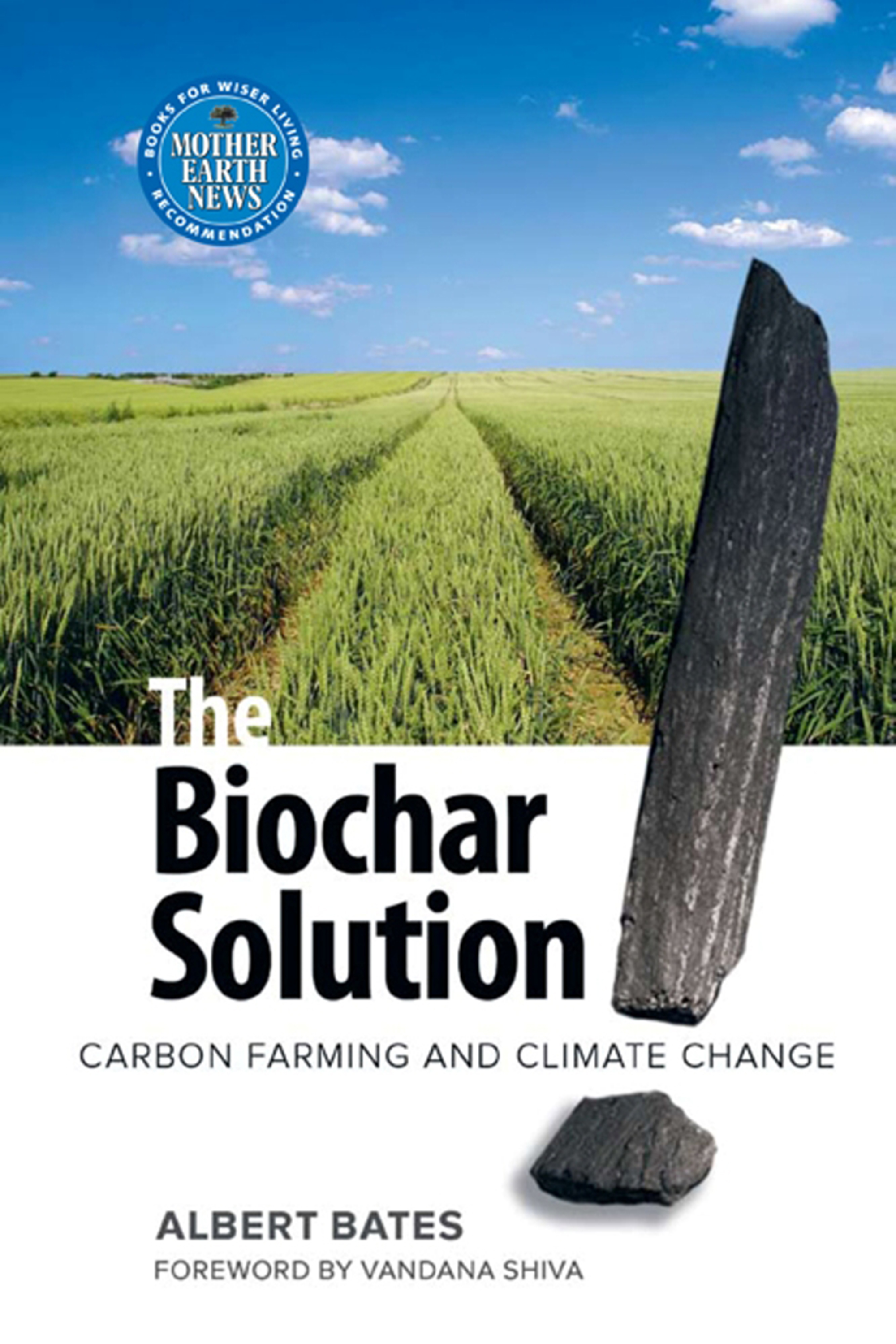
The Biochar Solution A revolutionary advance rooted in ancient practices, biochar is an effective carbon capture, a carbon-negative energy source and a potent soil-builder. The Biochar Solution combines a detailed examination of carbon farming with a practical guide to biochar production and soil biology. TECHNOLOGY & ENGINEERING,Agriculture,Sustainable Agriculture
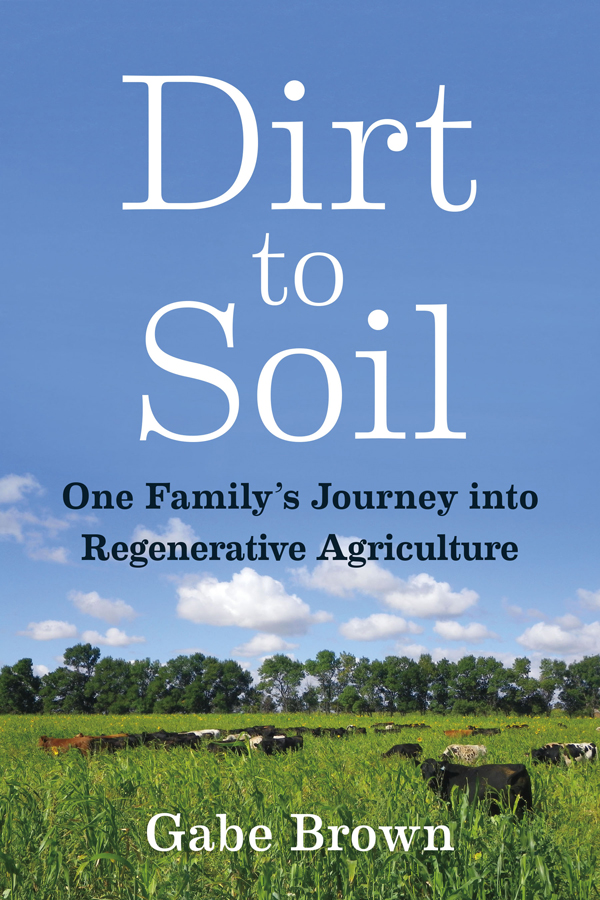
Dirt to Soil Gabe Brown didn’t set out to change the world when he first started working alongside his father-in-law on the family farm in North Dakota. But as a series of weather-related crop disasters put Brown and his wife, Shelly, in desperate financial straits, they started making bold changes to their farm. Brown—in an effort to simply survive—began experimenting with new practices he’d learned about from reading and talking with innovative researchers and ranchers. As he and his family struggled to keep the farm viable, they found themselves on an amazing journey into a new type of farming: regenerative agriculture. Brown dropped the use of most of the herbicides, insecticides, and synthetic fertilizers that are a standard part of conventional agriculture. He switched to no-till planting, started planting diverse cover crops mixes, and changed his grazing practices. In so doing Brown transformed a degraded farm ecosystem into one full of life—starting with the soil and working his way up, one plant and one animal at a time. In Dirt to Soil Gabe Brown tells the story of that amazing journey and offers a wealth of innovative solutions to our most pressing and complex contemporary agricultural challenge—restoring the soil. The Brown’s Ranch model, developed over twenty years of experimentation and refinement, focuses on regenerating resources by continuously enhancing the living biology in the soil. Using regenerative agricultural principles, Brown’s Ranch has grown several inches of new topsoil in only twenty years! The 5,000-acre ranch profitably produces a wide variety of cash crops and cover crops as well as grass-finished beef and lamb, pastured laying hens, broilers, and pastured pork, all marketed directly to consumers. The key is how we think, Brown says. In the industrial agricultural model, all thoughts are focused on killing things. But that mindset was also killing diversity, soil, and profit, Brown realized. Now he channels his creative thinking toward how he can get more life on the land—more plants, animals, and beneficial insects. “The greatest roadblock to solving a problem,†Brown says, “is the human mind.†TECHNOLOGY & ENGINEERING,Agriculture,Sustainable Agriculture
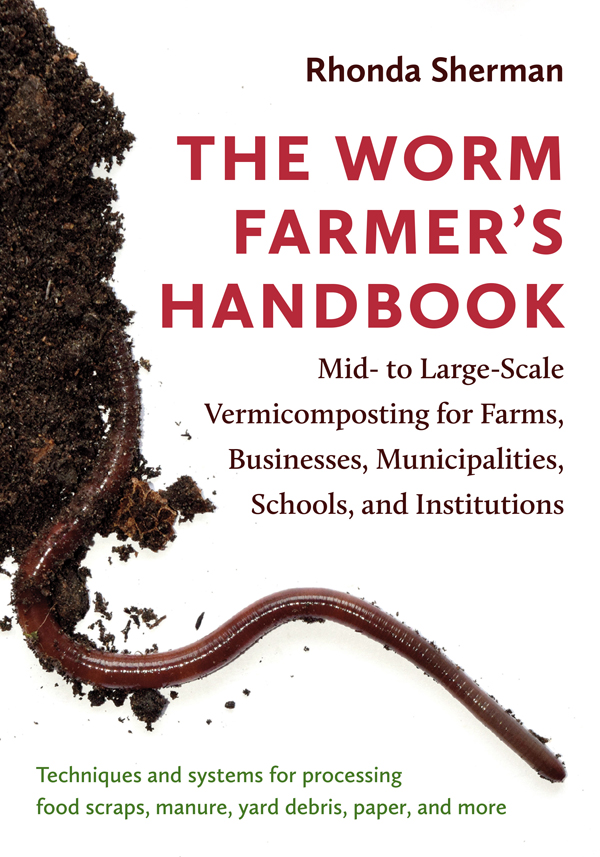
The Worm Farmer’s Handbook Choice Reviews , Outstanding Academic Title Techniques and systems for processing food scraps, manure, yard debris, paper, and more Turning waste into wealth sounds too good to be true, but many worm farmers are finding that vermicomposting is a reliable way to do just that. Vermicast—a biologically active, nutrient-rich mix of earthworm castings and decomposed organic matter—sells for $400 or more per cubic yard. Compare that to regular compost, sold at about $30 a cubic yard, and you’ll see why vermicomposting has taken root in most countries and on every continent but Antarctica. Vermicomposting is also one of the best sustainable solutions for organic waste management. Vermicomposting manure and crop wastes on farms improves crop yields while reducing demand for off-farm inputs. Vermicast has higher nutrient levels and lower soluble salt content than regular compost, and it improves soil aeration, porosity, and water retention. Plus, vermicast suppresses plant diseases and insect attacks. Municipalities, businesses, community gardens, schools, and universities can set up vermicomposting operations to process food residuals and other waste materials. The Worm Farmer’s Handbook details the ins and outs of vermicomposting for mid- to large-scale operations, including how to recycle organic materials ranging from food wastes and yard trimmings to manure and shredded office paper. Vermicomposting expert Rhonda Sherman shares what she has learned over twenty-five years working with commercial worm growers and researchers around the world. Her profiles of successful worm growers across the United States and from New Zealand to the Middle East and Europe describe their proven methods and systems. This book digs into all the details, including: Choosing the right production system Regulatory issues and developing a business and marketing plan Finding and managing feedstocks Pre-composting: why and how to do it Monitoring an active worm bed Harvesting, screening, testing, packaging, and storing vermicast Markets for earthworms and vermicast Food security: how vermicast benefits soils and plants Keys to success: avoiding common pitfalls From livestock farms and restaurants to colleges, military bases, and prisons, Sherman details why and how commercial-scale vermicomposting is a fast-growing, sustainable solution for organic waste management. The Worm Farmer’s Handbook is the first and only authoritative how-to guide that goes beyond small-scale operations and demystifies the science and logistics of the fascinating process that is vermicomposting. TECHNOLOGY & ENGINEERING,Agriculture,Sustainable Agriculture
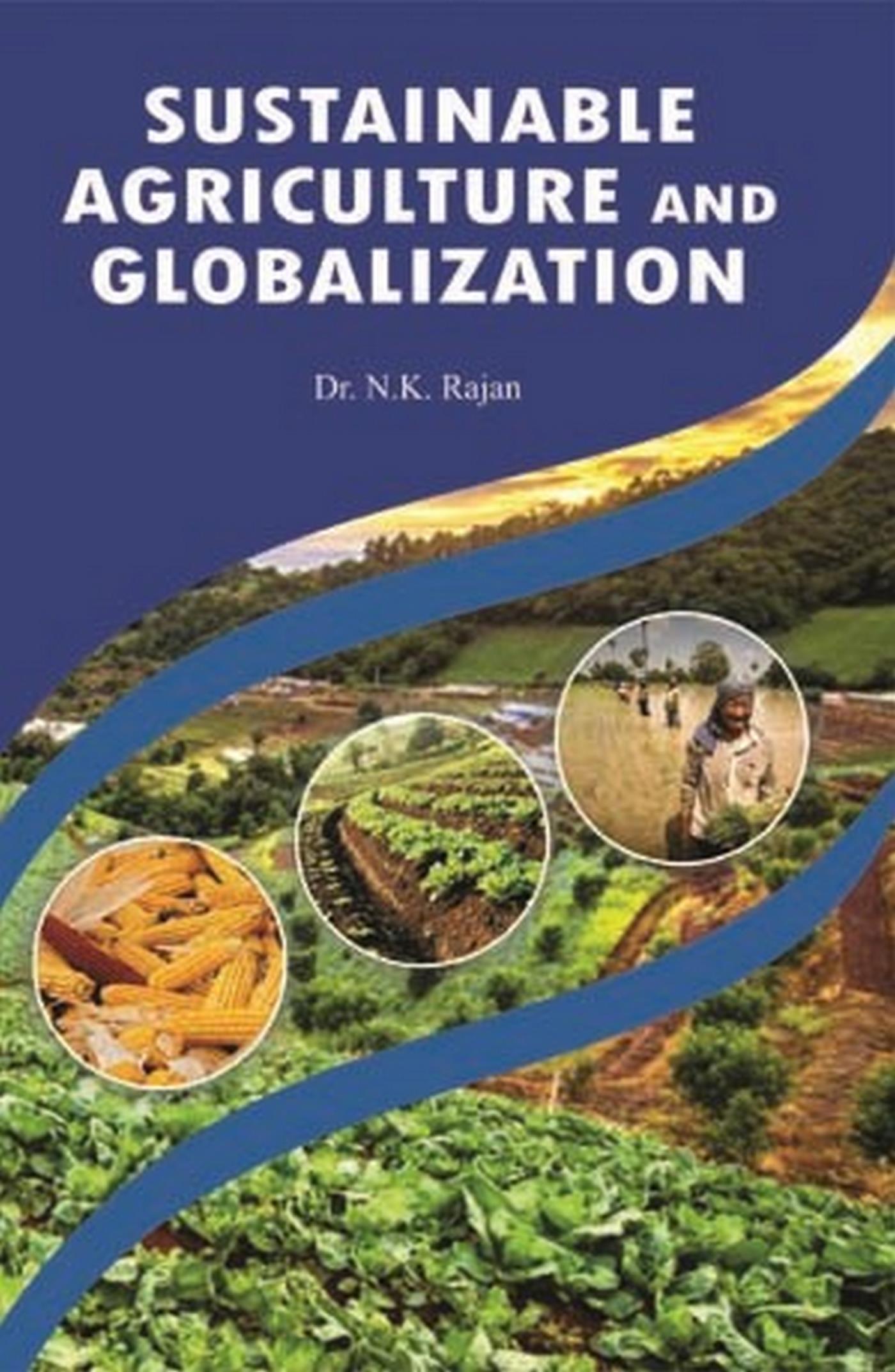
Sustainable Agriculture And Globalization Agriculture, since its invention and inception, has been the prime and foremost activity of every culture and civilization throughout the history of mankind. Agricultural practices secured the food supply. It also resulted in establishment of farming settlements that subsequently grew in villages, towns, cities, states, countries and empires. Agriculture in India is constitutionally the responsibility of the states rather than the central government. The central government’s role is in formulating policy and providing financial resources for agriculture. The government administers prices of essential commodities to protect farmer’s interests. It also administers other commodities which are produced by government-controlled companies, like petroleum, coal, nitrogenous fertilizers, etc. From reliable assessments it appears that more than 5 million pre-school children throughout the world die every year from maladies caused or aggravated by malnutrition. The globalization of agriculture represents the very antithesis of sustainability. It is driven by short sighted greed based on corporate profits and the exploitation of both natural and human resources, and it rests on a myopic need to preserve culture, as it has been defined in the past half a century without thought to our biological survival. This book provides deep insight to various dimensions of issues relating to the subject. TECHNOLOGY & ENGINEERING,Agriculture,Sustainable Agriculture

Sustainable Rural Development And Climate Change Sustainable development is widely advocated as the way to deal with the issues that fill the pages of this publication. The concept is, however, hard to apply in practice, and easy to manipulate. These days many promote 'sustainability', including some who are only interested in sustaining that which benefits them directly. But to make the world a better place for all, current practices must change. The term 'sustainable development' implies that some forms of development cannot be sustained (continued indefinitely). Here we look at why we need a different kind of development, what sustainable development is about, and how the concept can be applied. The concept of sustainable development is now considered a guiding principle of national and international action. Yet the widespread acceptance of this concept stands in contrast with the inability so far to alter effectively the development model responsible for environmental degradation. The lack of many positive and concrete results produced by massive efforts in the field of international cooperation for the environment indicate the contradictory character of this new "global" environmentalism. Climate changes in response to changes in the global energy balance. On the broadest scale, the rate at which energy is received from the sun and the rate at which it is lost to space determine the equilibrium temperature and climate of Earth. This energy is then distributed around the globe by winds, ocean currents, and other mechanisms to affect the climates of different regions. This book provides deep insight to various dimensions of issues relating to the subject. TECHNOLOGY & ENGINEERING,Agriculture,Sustainable Agriculture
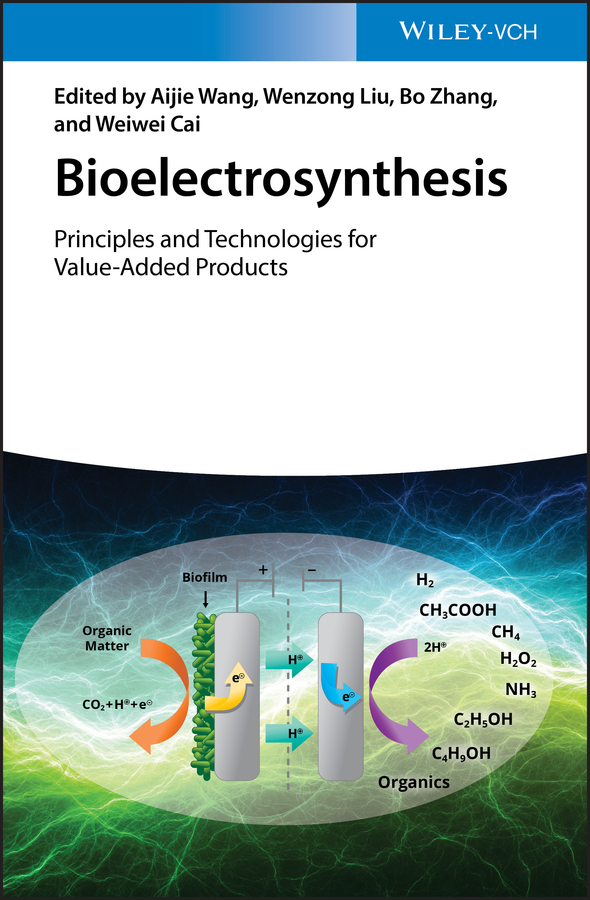
Bioelectrosynthesis Introduces basic principles and mechanisms, covers new developments, and provides a different view of the main facets of bioelectrosynthesis Bioelectrosynthesis represents a promising approach for storing renewable energy or producing target chemicals in an energy-sustainable and low-cost way. This timely and important book systemically introduces the hot issues surrounding bioelectrosynthesis, including potential value-added products via bioelectrochemical system, reactor development of bioelectrosynthesis, and microbial biology on biofilm communities and metabolism pathways. It presents readers with unique viewpoints on basic principles and mechanisms along with new developments on reactor and microbial ecology. Beginning with a principle and products overview of bioelectrosynthesis, Bioelectrosynthesis: Principles and Technologies for Value-Added Products goes on to offer in-depth sections on: biogas production and upgrading technology via bioelectrolysis; organic synthesis on cathodes; chemical products and nitrogen recovery; external electron transfer and electrode material promotion; and the microbiology of bioelectrosynthesis. Topics covered include: hydrogen production from waste stream with microbial electrolysis cell; microbial electrolysis cell; inorganic compound synthesis in bioelectrochemical system; microbial growth, ecological, and metabolic characteristics in bioelectrosynthesis systems; microbial metabolism kinetics and interactions in bioelectrosynthesis system; and more. * Comprehensively covers all of the key issues of biolelectrosynthesis * Features contributions from top experts in the field * Examines the conversion of organic wastes to methane via electromethanogenesis; methane production at biocathodes; extracellular electron transport of electroactive biofilm; and more Bioelectrosynthesis: Principles and Technologies for Value-Added Products will appeal to chemists, electrochemists, environmental chemists, water chemists, microbiologists, biochemists, and graduate students involved in the field. TECHNOLOGY & ENGINEERING,Agriculture,Sustainable Agriculture
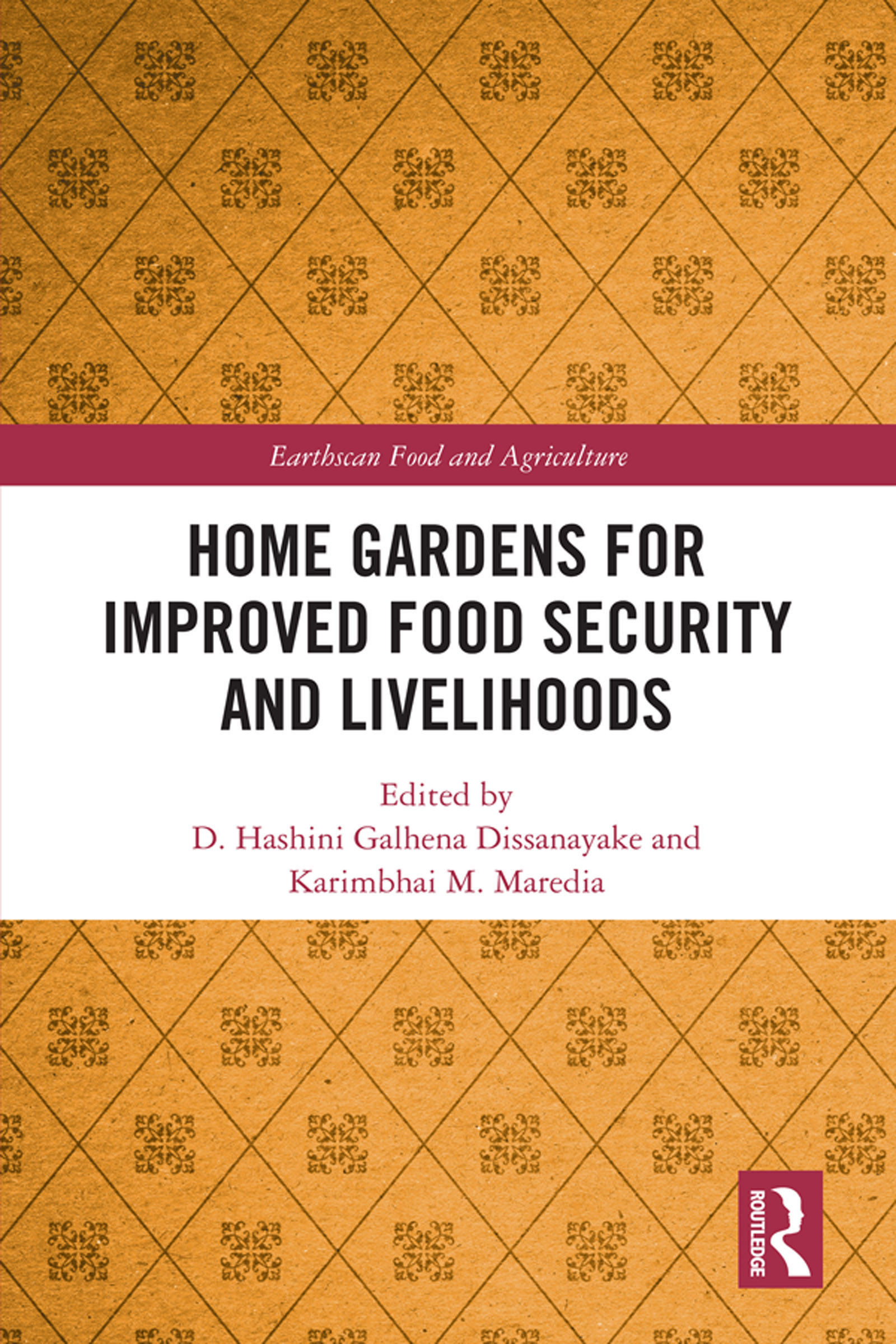
Home Gardens for Improved Food Security and Livelihoods Home Gardens for Improved Food Security and Livelihoods demonstrates how home gardens hold particular significance for resource-poor and marginalized communities in developing countries, and how they offer a versatile strategy toward building local and more resilient food systems. With food and nutritional security being a major global challenge, there is an urgent need to find innovative ways to increase food production and diversify food sources while increasing income-generating opportunities for communities faced with hunger and poverty. This book shows that when implemented properly, home gardens can become just such an innovative solution, as well as an integral part of sustainable food security programs. It provides a conceptual overview of social, economic, environmental and nutritional issues related to home gardening in diverse contexts, including gender issues and biodiversity conservation, and presents case studies from Africa, Asia and Latin America highlighting home gardening experiences and initiatives. The volume concludes with a synthesis of key lessons learned and ways forward for further enhancing home gardens for sustainable food security and development. This book will be a useful read for students and scholars working on local food systems, food security, sustainable development and more broadly development strategy. TECHNOLOGY & ENGINEERING,Agriculture,Tropical Agriculture
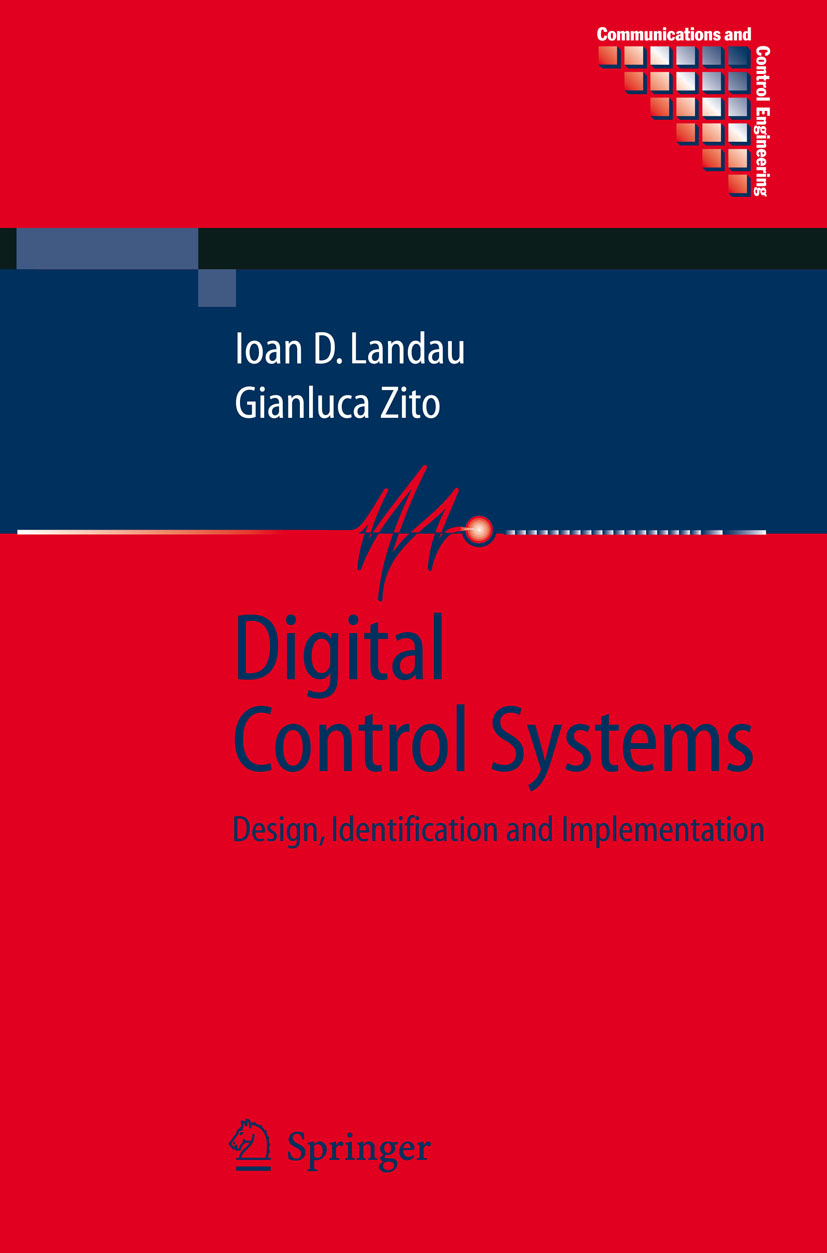
Digital Control Systems The extraordinary development of digital computers (microprocessors, microcontrollers) and their extensive use in control systems in all fields of applications has brought about important changes in the design of control systems. Their performance and their low cost make them suitable for use in control systems of various kinds which demand far better capabilities and performances than those provided by analog controllers. However, in order really to take advantage of the capabilities of microprocessors, it is not enough to reproduce the behavior of analog (PID) controllers. One needs to implement specific and high-performance model based control techniques developed for computer-controlled systems (techniques that have been extensively tested in practice). In this context identification of a plant dynamic model from data is a fundamental step in the design of the control system. The book takes into account the fact that the association of books with software and on-line material is radically changing the teaching methods of the control discipline. Despite its interactive character, computer-aided control design software requires the understanding of a number of concepts in order to be used efficiently. The use of software for illustrating the various concepts and algorithms helps understanding and rapidly gives a feeling of the various phenomena. TECHNOLOGY & ENGINEERING,Automation
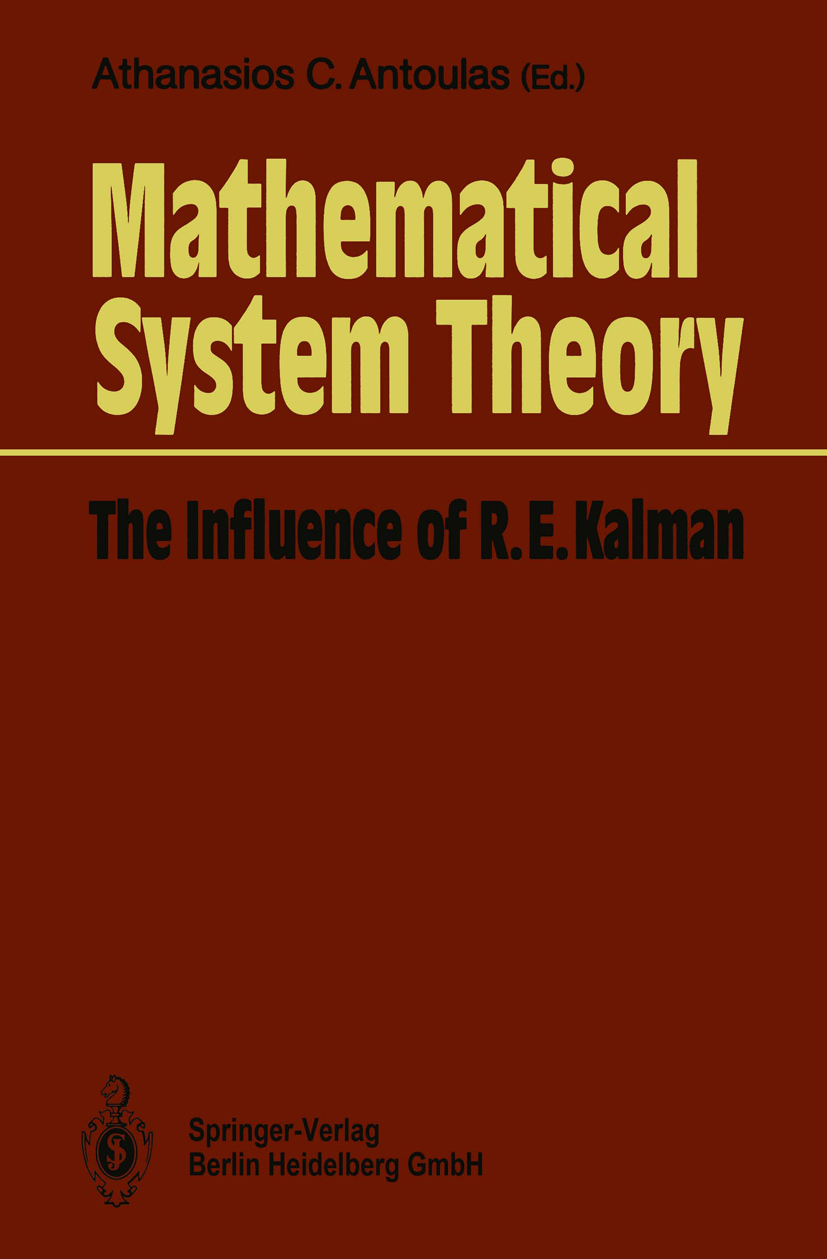
Mathematical System Theory A Festschrift in Honor of Professor R.E. Kalman on the Occasion of his 60th Birthday TECHNOLOGY & ENGINEERING,Automation
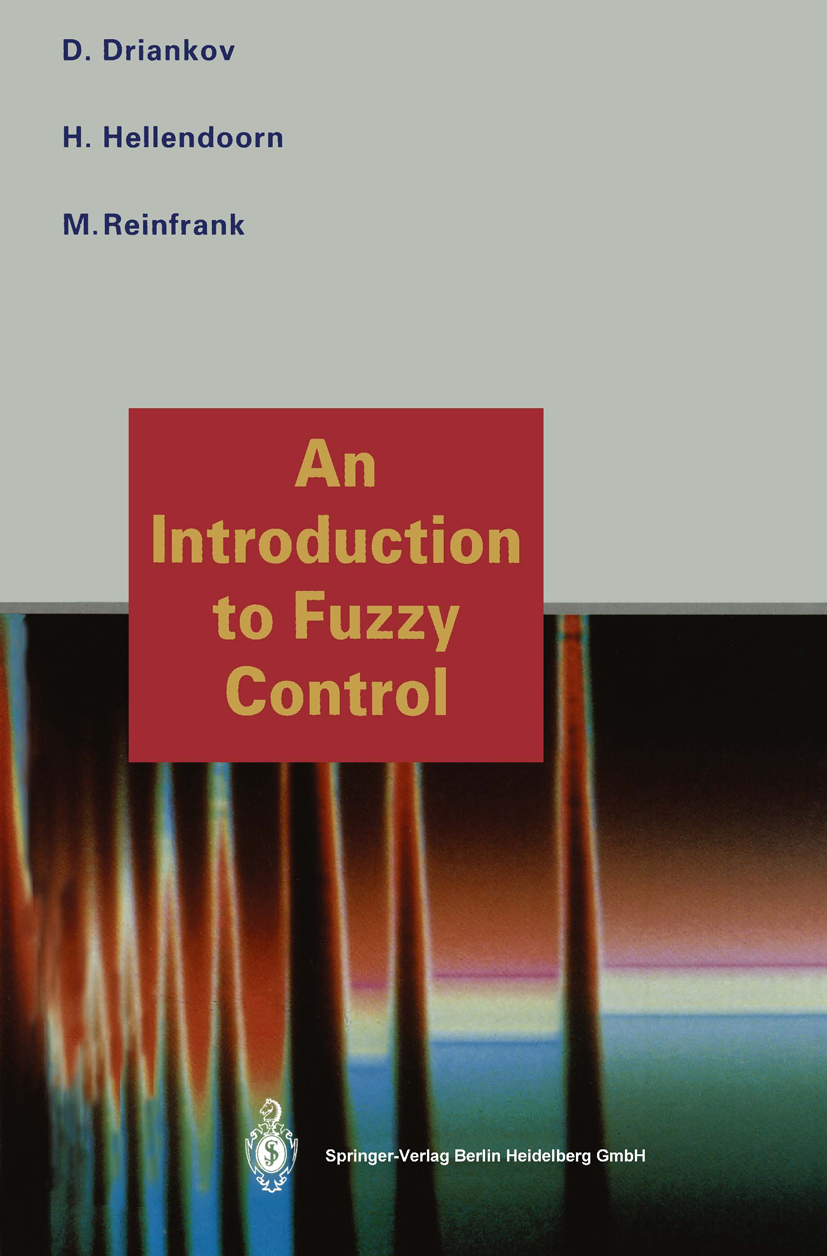
An Introduction to Fuzzy Control Fuzzy controllers are a class of knowledge based controllers using artificial intelligence techniques with origins in fuzzy logic to compute an appropriate control action. These fuzzy knowledge based controllers can be found either as stand-alone control elements or as integral parts of distributed control systems including conventional controllers in a wide range of industrial process control systems and consumer products. Applications of fuzzy controllers have become a well established practice for Japanese manufacturers of control equipment and systems, and are becoming more and more common for their European and American counterparts. The main aim of this book is to show that fuzzy control is not totally ad hoc, that there exist formal techniques for the analysis of a fuzzy controller, and that fuzzy control can be implemented even when no expert knowledge is available. Thus the book is mainly oriented toward control engineers and theorists rather than fuzzy and non-fuzzy AI people. However, parts can be read without any knowledge of control theory and may be of interest to AI people. The book has six chapters. Chapter 1 introduces two major classes of knowledge based systems for closedloop control. Chapter 2 introduces relevant parts of fuzzy set theory and fuzzy logic. Chapter 3 introduces the principal design parameters of a fuzzy knowledge based controller (FKBC) and discusses their relevance with respect to its performance. Chapter 4 considers an FKBC as a particular type of nonlinear controller. Chapter 5 considers tuning and adaptation of FKBCs, which are nonlinear and so can be designed to cope with a certain amount of nonlinearity. Chapter 6 considers several approaches for stability analysis of FKBCs in the context of classical nonlinear dynamic systems theory. TECHNOLOGY & ENGINEERING,Automation

Computer Intensive Methods in Control and Signal Processing Due to the rapid increase in readily available computing power, a corre sponding increase in the complexity of problems being tackled has occurred in the field of systems as a whole. A plethora of new methods which can be used on the problems has also arisen with a constant desire to deal with more and more difficult applications. Unfortunately by increasing the ac curacy in models employed along with the use of appropriate algorithms with related features, the resultant necessary computations can often be of very high dimension. This brings with it a whole new breed of problem which has come to be known as "The Curse of Dimensionality" . The expression "Curse of Dimensionality" can be in fact traced back to Richard Bellman in the 1960's. However, it is only in the last few years that it has taken on a widespread practical significance although the term di mensionality does not have a unique precise meaning and is being used in a slightly different way in the context of algorithmic and stochastic complex ity theory or in every day engineering. In principle the dimensionality of a problem depends on three factors: on the engineering system (subject), on the concrete task to be solved and on the available resources. A system is of high dimension if it contains a lot of elements/variables and/or the rela tionship/connection between the elements/variables is complicated. TECHNOLOGY & ENGINEERING,Automation
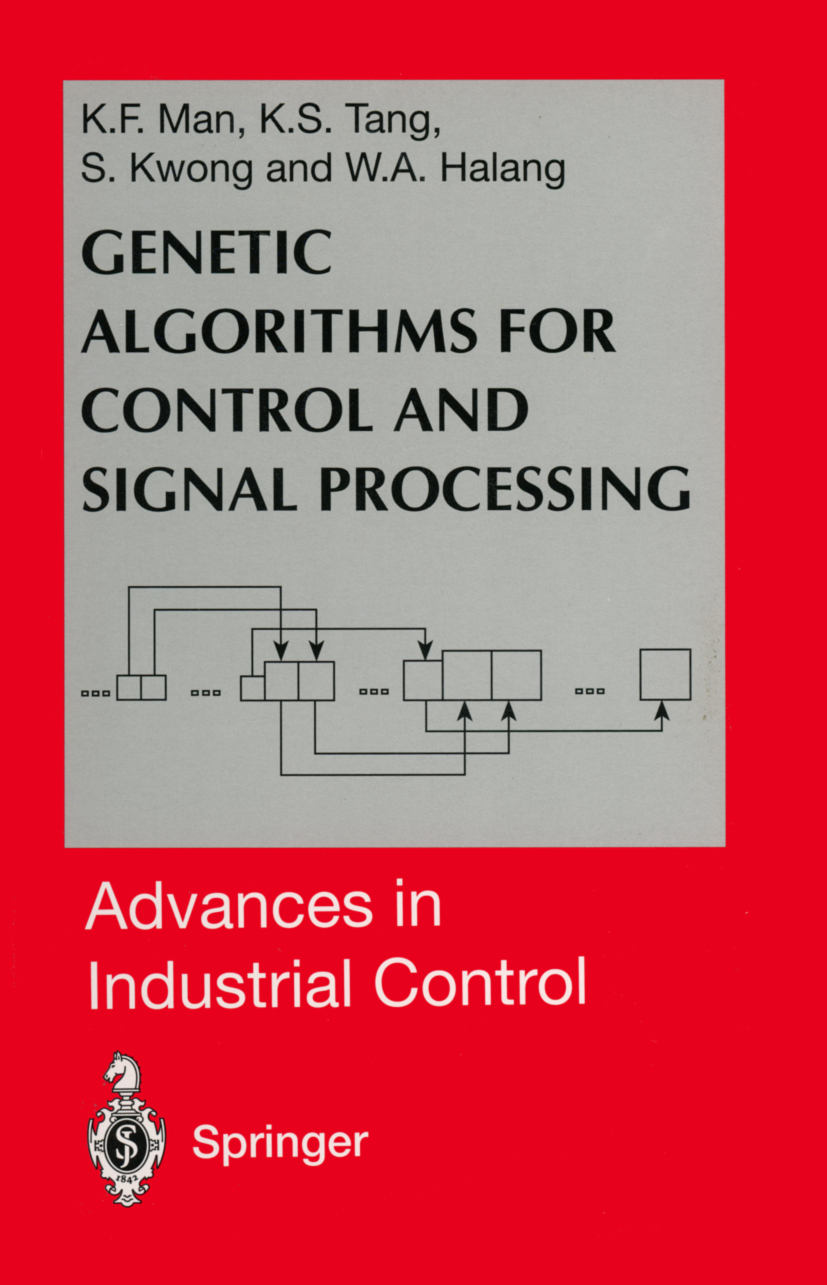
Genetic Algorithms for Control and Signal Processing The series Advances in Industrial Control aims to report and encourage technology transfer in control engineering. The rapid development of control technology impacts all areas of the control discipline. New theory, new controllers, actuators, sensors, new industrial processes, computer methods, new applications, new philosophies, . . . , new challenges. Much of this development work resides in industrial reports, feasibility study papers and the reports of advanced collaborative projects. The series offers an opportunity for researchers to present an extended exposition of such new work in all aspects of industrial control for wider and rapid dissemination. The emerging technologies in control include fuzzy logic, intelligent control, neural networks and hardware developments like micro-electro-mechanical systems and autonomous vehicles. This volume describes the biological background, basic construction and application of the emerging technology of Genetic Algorithms. Dr Kim Man and his colleagues have written a book which is both a primer introducing the basic concepts and a research text which describes some of the more advanced applications of the genetic algorithmic method. The applications described are especially useful since they indicate the power of the GA method in solving a wide range of problems. These sections are also instructive in showing how the mechanics of the GA solutions are obtained thereby acting as a template for similar types of problems. The volume is a very welcome contribution to the Advances in Industrial Control Series. M. J. Grimble and M. A. TECHNOLOGY & ENGINEERING,Automation
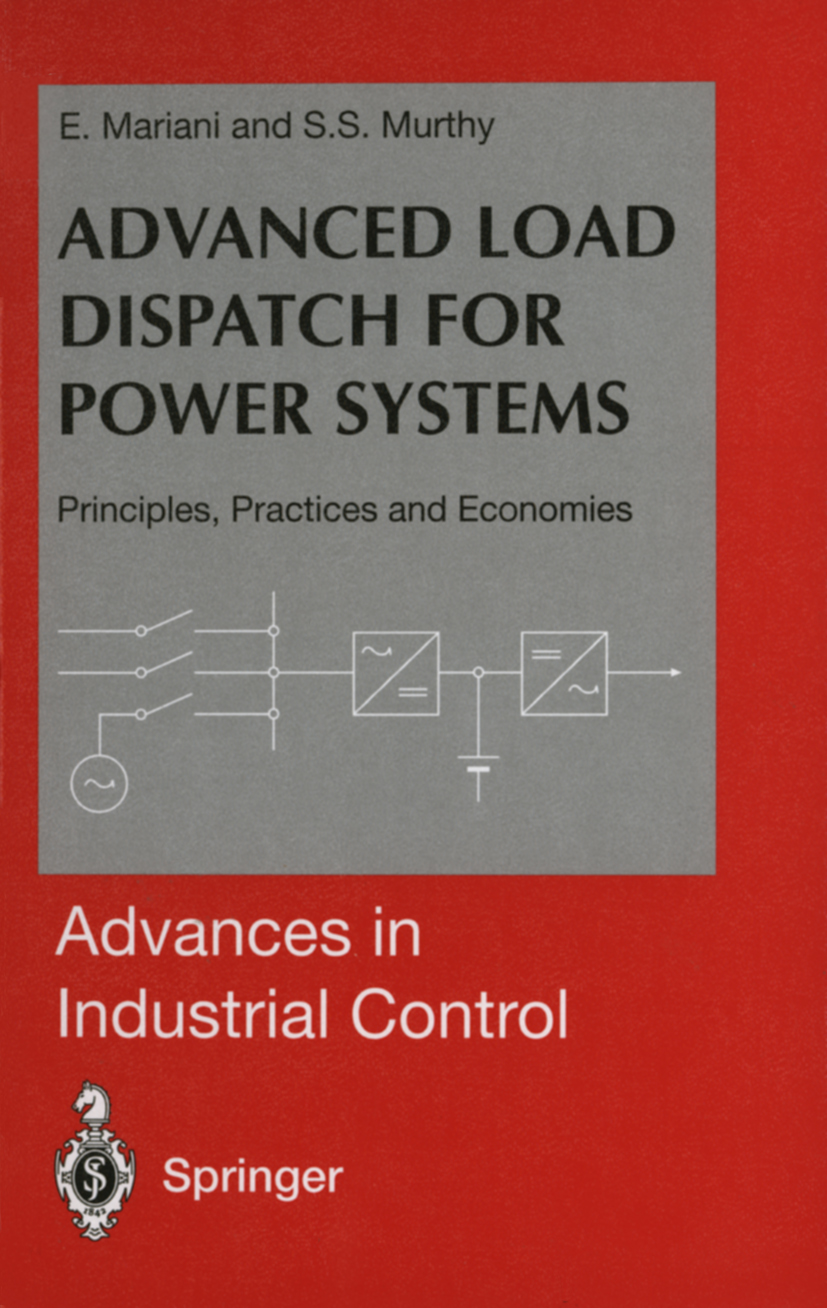
Advanced Load Dispatch for Power Systems The series Advances in Industrial Control aims to report and encourage technology transfer in control engineering. The rapid development of control technology impacts all areas of the control discipline. New theory, new controllers, actuators, sensors, new industrial processes, computer methods, new applications, new philosophies ... , new challenges. Much of this development work resides in industrial reports, feasibility study papers and the reports of advanced collaborative projects. The series offers an opportunity for researchers to present an extended exposition of such new work in all aspects of industrial control for wider and rapid dissemination. In Europe, and soon in the United States, power system deregulation is becoming widespread. This involves the privatisation of former public power utilities and the creation of power markets. The United Kingdom has recently undergone this transformation and the countries of the European Union are being encouraged to follow this deregulation policy. This volume Advanced Load Dispatch for Power Systems and its companion volume Control of Modem Integrated Power Systems both by Professor E. Mariani and Professor S.S. Murthy are therefore very timely additions to the power system literature and to the Advances in Industrial Control series. TECHNOLOGY & ENGINEERING,Automation
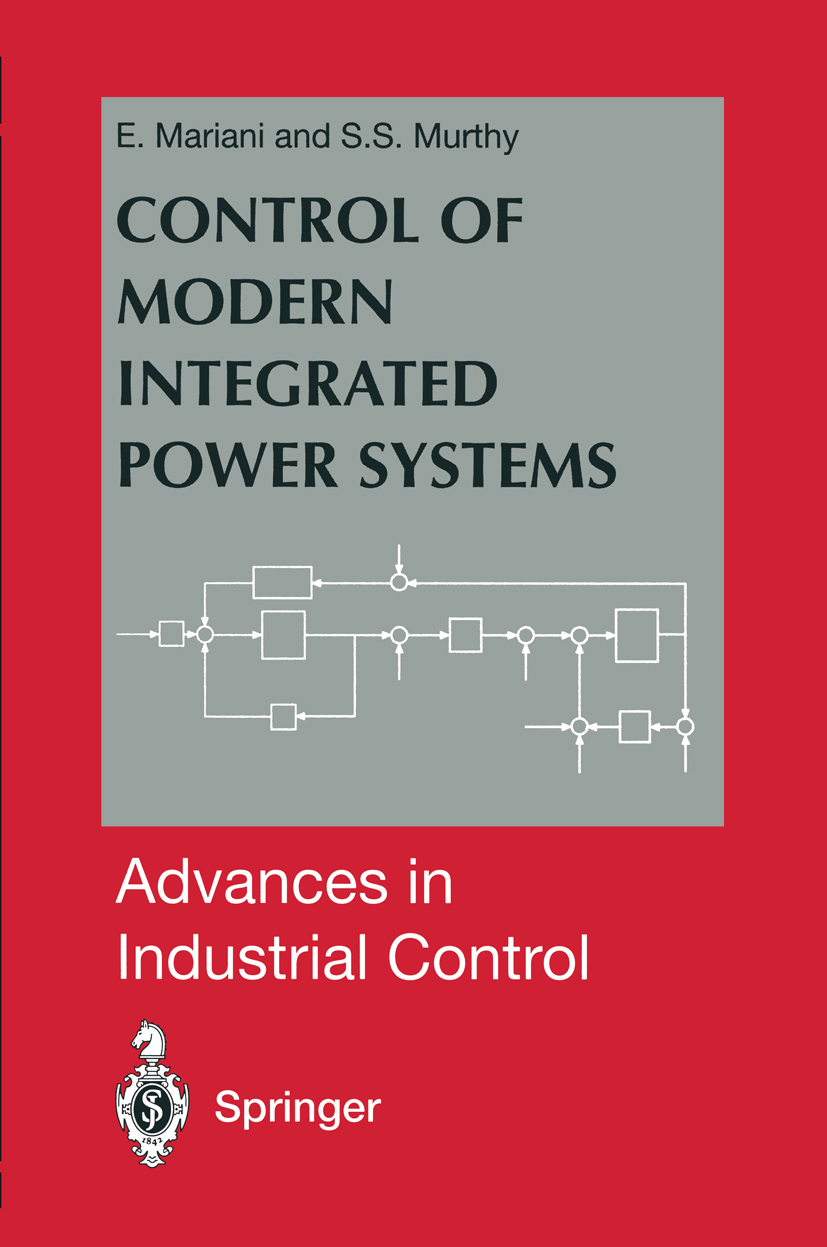
Control of Modern Integrated Power Systems In this comprehensive and systematically presented text, the various aspects of modern power system operation and control are discussed. Covered in the volume are: computer configurations and control aids, load-frequency control and automatic generation c ontrol, reactive power planning and scheduling procedure, security monitoring, and control under emergency conditions. Also presented are case study reports on power grid failures in different countries, examining how they occurred, how they were handled, and what lessons that they can provide. A "defence" plan against similar major disturbances is detailed, including the overall system architecture adopted and the processing and communication sub-systems. TECHNOLOGY & ENGINEERING,Automation

Theory of Robot Control The ZODIAC TECHNOLOGY & ENGINEERING,Automation
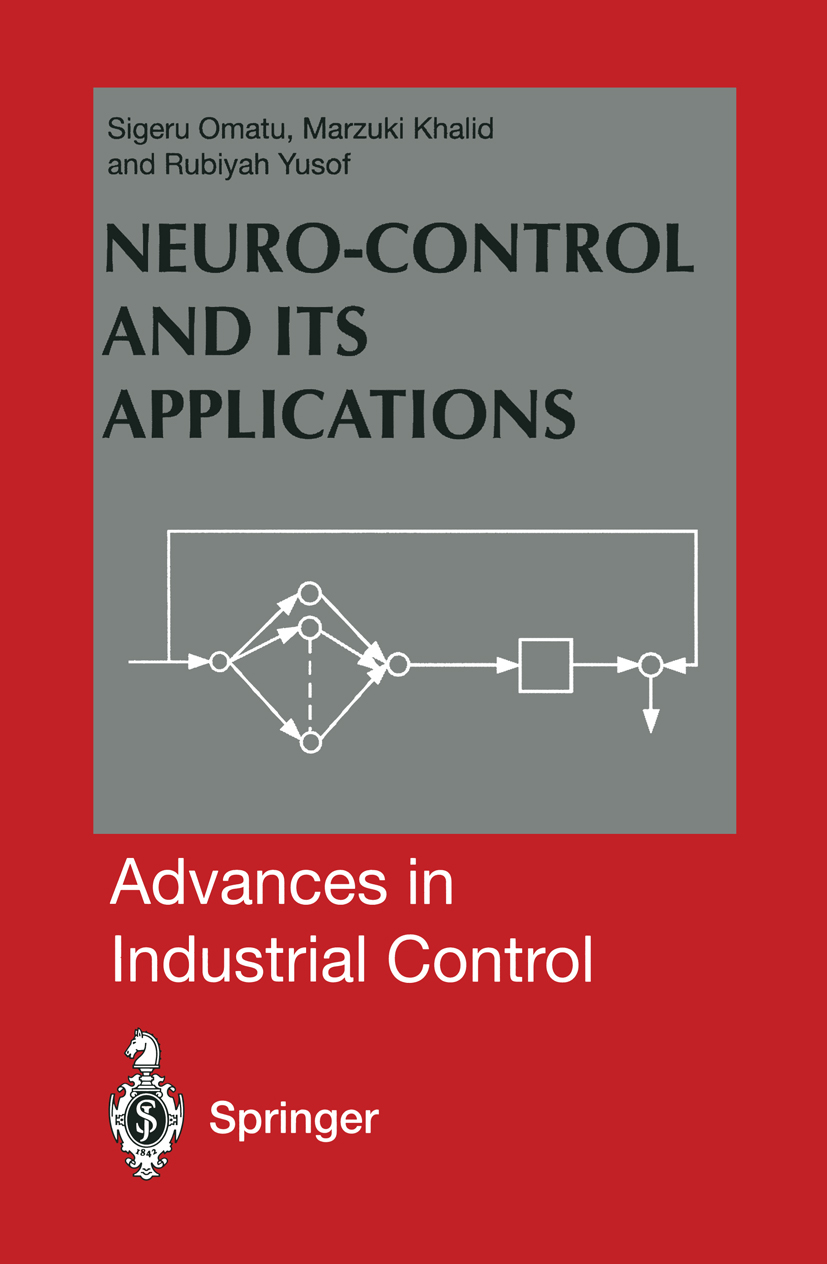
Neuro-Control and its Applications The series Advances in Industrial Control aims to report and encourage technology transfer in control engineering. The rapid development of control technology impacts all areas of the control discipline. New theory, new controllers, actuators, sensors, new industrial processes, computer methods, new applications, new philosophies, ........... , new challenges. Much of this development work resides in industrial reports, feasibility study papers and the reports of advance collaborative projects. The series offers an opportunity for researchers to present an extended exposition of such new work in all aspects of industrial control for wider and rapid dissemination. Sigeru Omatu, Marzuki Khalid, and Rubiyah Yusof have pursued the new developments of fuzzy logic and neural networks to present a series volume on neuro-control methods. As they demonstrate in the opening pages of their book, there is an explosion of interest in this field. Publication and patent activity in these areas are ever growing according to international is timely. databases and hence, this volume The presentation of the material follows a complementary pattern. Reviews of existing control techniques are given along side an exposition of the theoretical constructions of fuzzy logic controllers, and controllers based on neural networks. This is an extremely useful methodology which yields rewards in the applications chapters. The series of applications includes one very thorough experimental sequence for the control of a hot-water bath. TECHNOLOGY & ENGINEERING,Automation
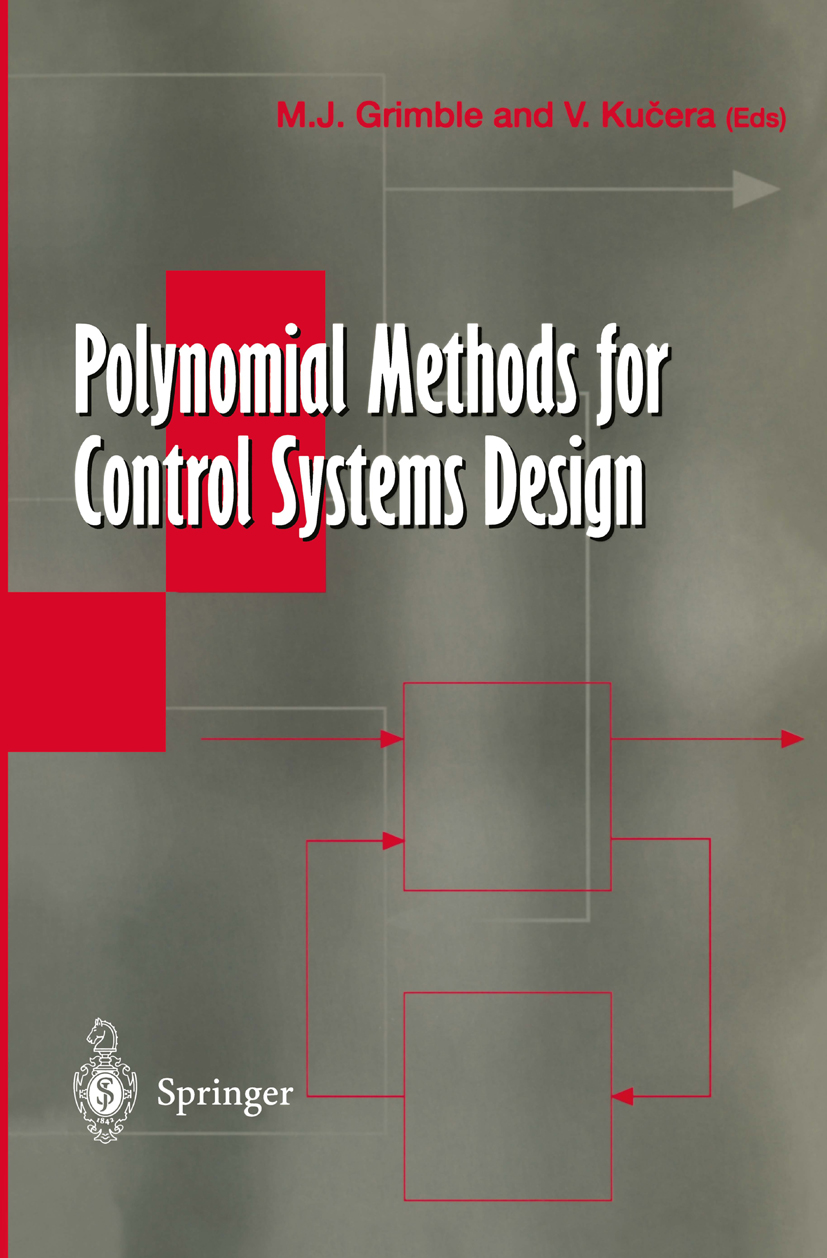
Polynomial Methods for Control Systems Design This monograph was motivated by a very successful workshop held before the 3rd IEEE Conference on Decision and Control held at the Buena Vista Hotel, lake Buena Vista, Florida, USA. The workshop was held to provide an overview of polynomial system methods in LQG (or H ) and Hoo optimal control and 2 estimation. The speakers at the workshop were chosen to reflect the important contributions polynomial techniques have made to systems theory and also to show the potential benefits which should arise in real applications. An introduction to H2 control theory for continuous-time systems is included in chapter 1. Three different approaches are considered covering state-space model descriptions, Wiener-Hopf transfer function methods and finally polyno mial equation based transfer function solutions. The differences and similarities between the techniques are explored and the different assumptions employed in the solutions are discussed. The standard control system description is intro duced in this chapter and the use of Hardy spaces for optimization. Both control and estimation problems are considered in the context of the standard system description. The tutorial chapter concludes with a number of fully worked ex amples. TECHNOLOGY & ENGINEERING,Automation
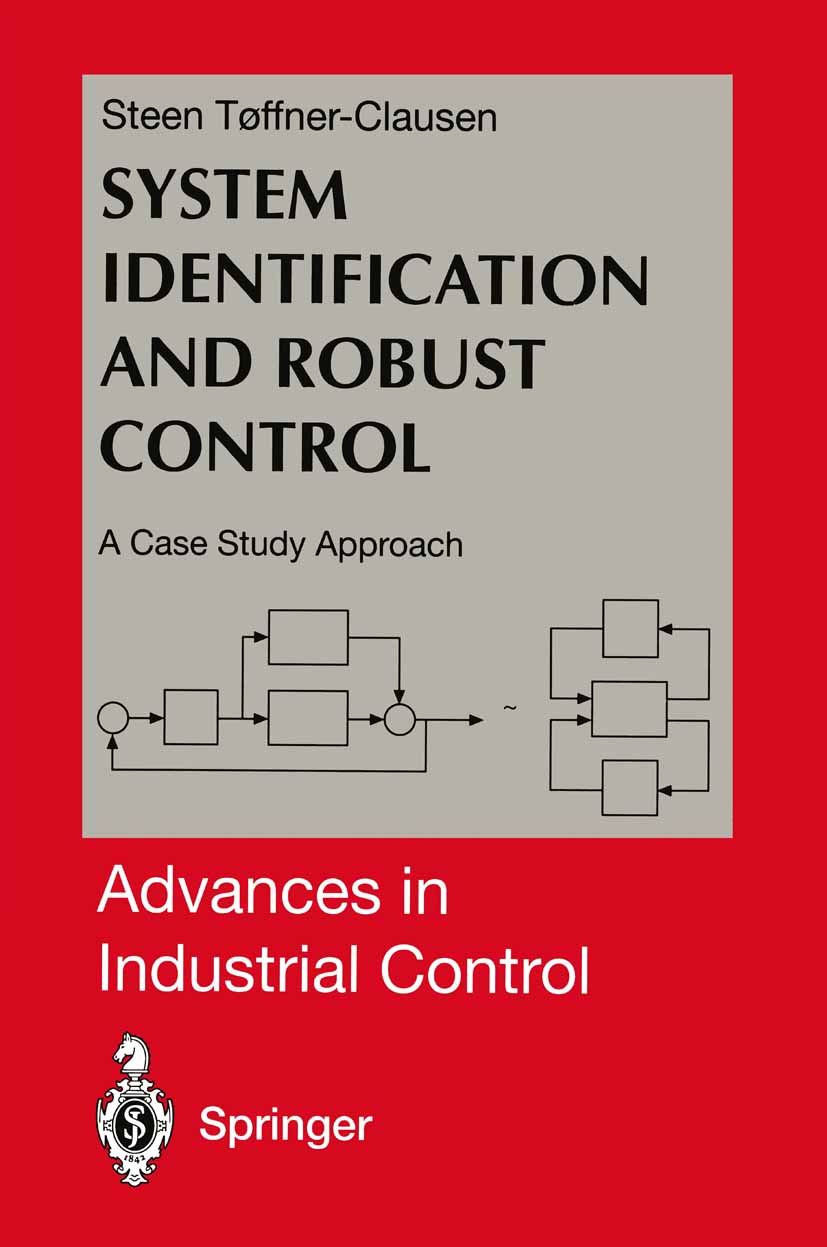
System Identification and Robust Control The series Advances in Industrial Control aims to report and encourage technology transfer in control engineering. The rapid development of control technology impacts all areas of the control discipline. New theory, new controllers, actuators, sensors, new industrial processes, computer methods, new applications, new philosophies, ... , new challenges. Much of this development work resides in industrial reports, feasibility study papers and the reports of advanced collaborative projects. The series offers an opportunity for researchers to present an extended exposition of such new work in all aspects of industrial control for wider and rapid dissemination. The present text Steen T0ffner-Clausen deals with both system identification and robust control. It provides a very comprehensive tutorial introduction to some of the most difficult topics in robust control theory before considering applications problems. Traditional Hoo robust control design concepts for multivariable systems are first considered and the problems of robust stability and performance are discussed. The following chapter introduces the idea of the structured singular value and applies this to both analysis and synthesis problems. The author manages to provide a very straightforward introduction to this subject and also introduces some new ideas. TECHNOLOGY & ENGINEERING,Automation
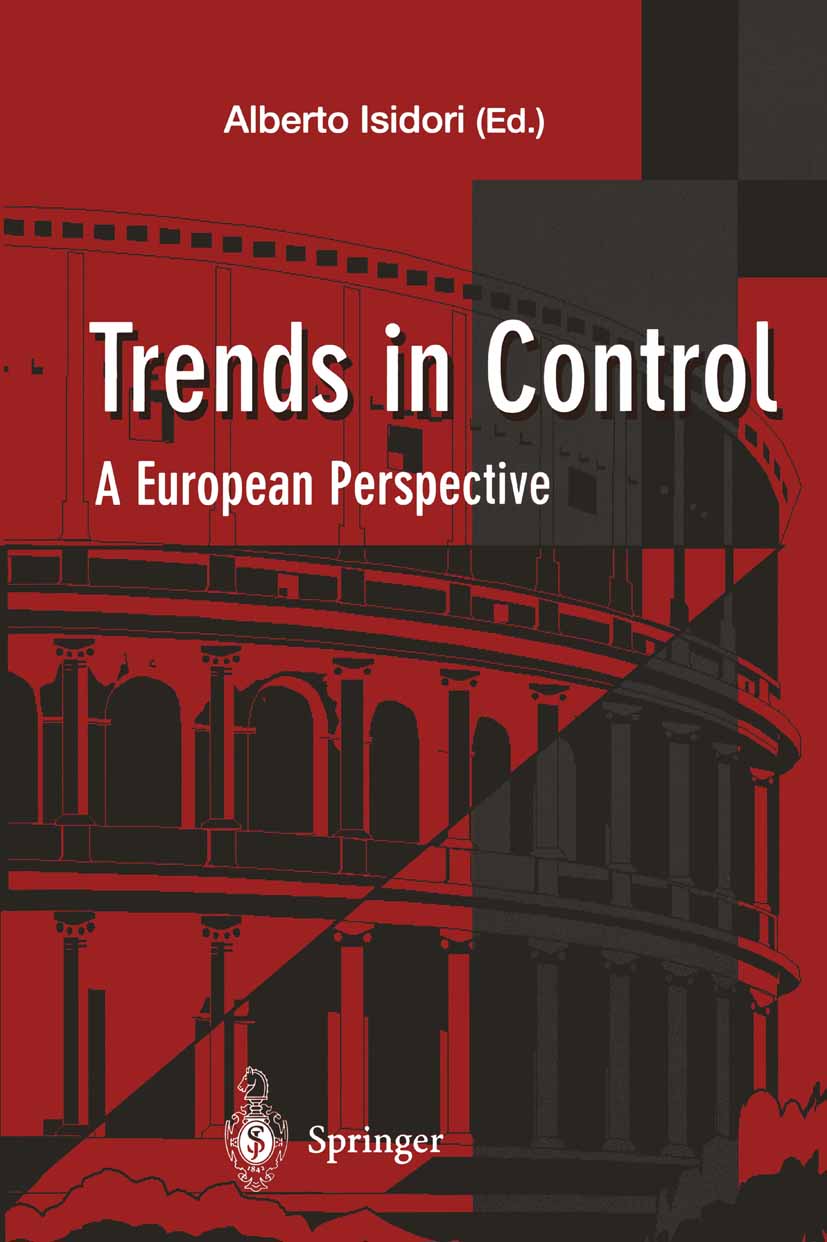
Trends in Control This book contains the text of the plenary lectures and the mini-courses of the European Control Conference (ECC 95) held in Rome, Italy, September 5-September 8, 1995. In particular, the book includes nine essays in which a selected number of prominent authorities present their views on some of the most recent developments in the theory and practice of control systems design and three self-contained sets of lecture notes. Some of the essays are focused on the topic of robust control. The article by J. Ackermann describes how to robustly control the rotational motions of a vehicle, to the purpose of simplifying the driver's task. The contribution by H. K wakernaak presents a detailed discussion of the requirements that performance and robustness impose on control systems design and of the symmetric roles of sensitivity and complementary sensitivity functions. The article by P. Boulet, B. A. Francis, P. C . Hughes and T. Hong describes an experimental testbed facility, called Daisy, whose dynamics emulate those of a real large flexible space structure and whose purpose is to test advanced identification and control design methods. The article of K. Glover discusses recent advances in uncertain system modeling, analysis and design, with ref erence to a flight control case study that has been test flown. The other essays describe advances in fundamental problems of control theory. The article by V. A. Yakubovich is a survey of certain new infinite horizon linear-quadratic optimization problems. The contribution by A. S. TECHNOLOGY & ENGINEERING,Automation
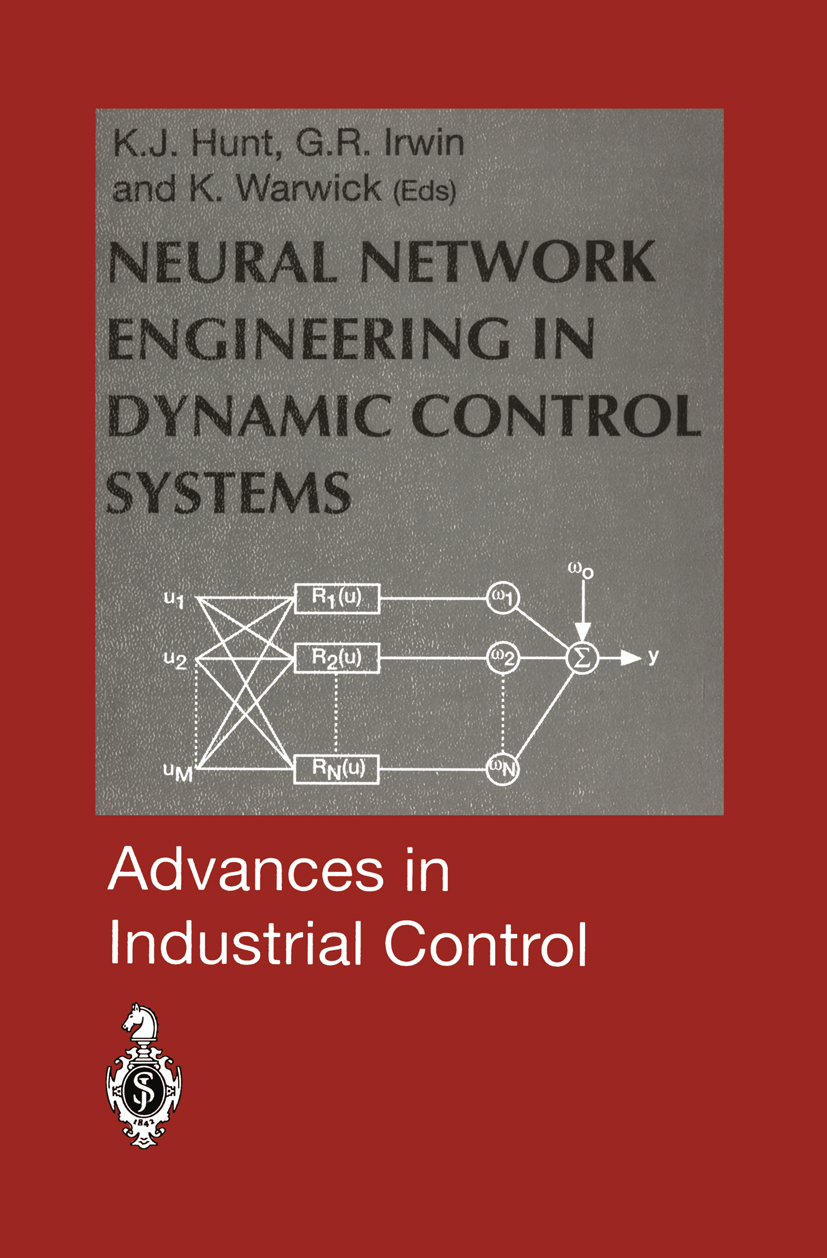
Neural Network Engineering in Dynamic Control Systems The series Advances in Industrial Control aims to report and encourage technology transfer in control engineering. The rapid development of control technology impacts all areas of the control discipline. New theory, new controllers, actuators, sensors, new industrial processes, computer methods, new applications, new philosophies, .... , new challenges. Much of this development work resides in industrial reports, feasibility study papers and the reports of advanced collaborative projects. The series offers an opportunity for researchers to present an extended exposition of such new work in all aspects of industrial control for wider and rapid dissemination. Within the control community there has been much discussion of and interest in the new Emerging Technologies and Methods. Neural networks along with Fuzzy Logic and Expert Systems is an emerging methodology which has the potential to contribute to the development of intelligent control technologies. This volume of some thirteen chapters edited by Kenneth Hunt, George Irwin and Kevin Warwick makes a useful contribution to the literature of neural network methods and applications. The chapters are arranged systematically progressing from theoretical foundations, through the training aspects of neural nets and concluding with four chapters of applications. The applications include problems as diverse as oven tempera ture control, and energy/load forecasting routines. We hope this interesting but balanced mix of material appeals to a wide range of readers from the theoretician to the industrial applications engineer. TECHNOLOGY & ENGINEERING,Automation

Learning Systems A learning system can be defined as a system which can adapt its behaviour to become more effective at a particular task or set of tasks. It consists of an architecture with a set of variable parameters and an algorithm. Learning systems are useful in many fields, one of the major areas being in control and system identification. This work covers major aspects of learning systems: system architecture, choice of performance index and methods measuring error. Major learning algorithms are explained, including proofs of convergence. Artificial neural networks, which are an important class of learning systems and have been subject to rapidly increasing popularity, are discussed. Where appropriate, examples have been given to demonstrate the practical use of techniques developed in the text. System identification and control using multi-layer networks and CMAC (Cerebellar Model Articulation Controller) are also presented. TECHNOLOGY & ENGINEERING,Automation
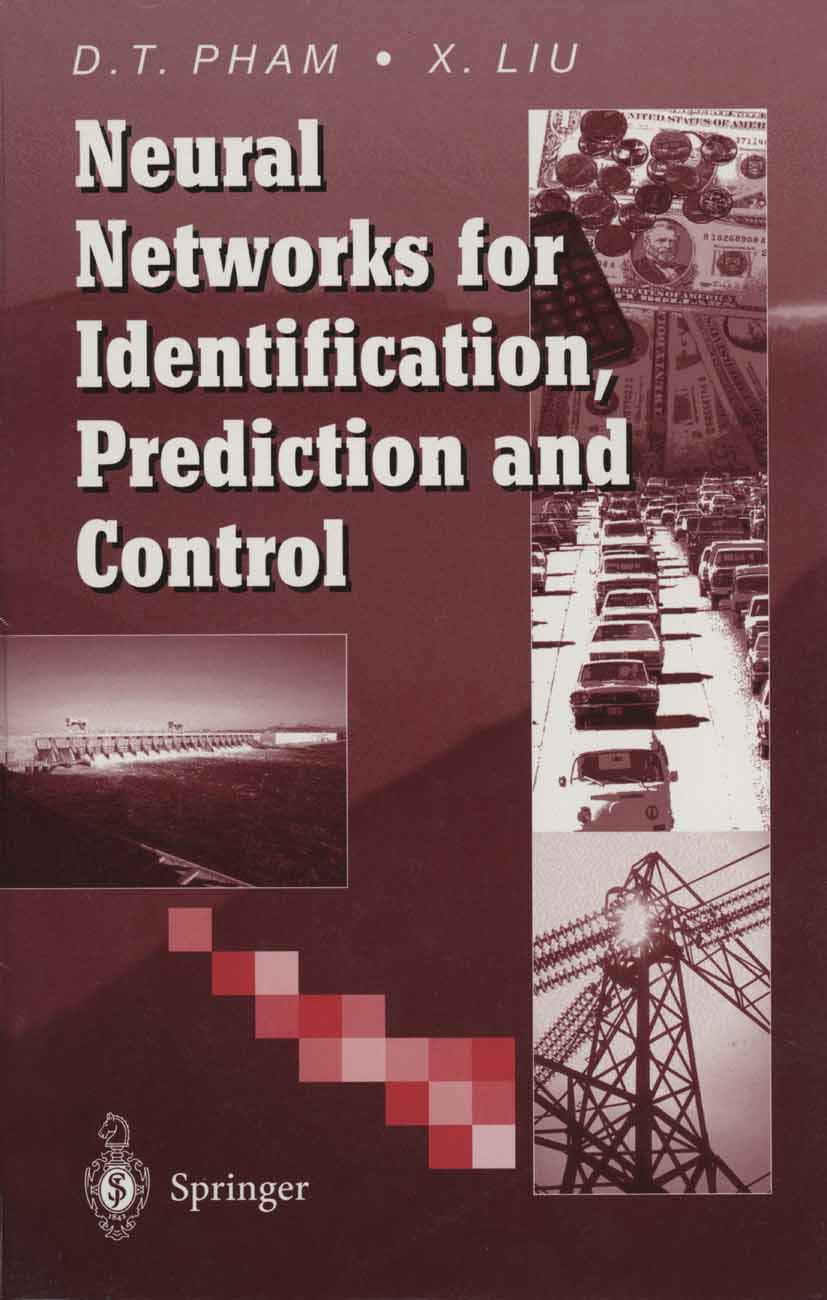
Neural Networks for Identification, Prediction and Control In recent years, there has been a growing interest in applying neural networks to dynamic systems identification (modelling), prediction and control. Neural networks are computing systems characterised by the ability to learn from examples rather than having to be programmed in a conventional sense. Their use enables the behaviour of complex systems to be modelled and predicted and accurate control to be achieved through training, without a priori information about the systems' structures or parameters. This book describes examples of applications of neural networks In modelling, prediction and control. The topics covered include identification of general linear and non-linear processes, forecasting of river levels, stock market prices and currency exchange rates, and control of a time-delayed plant and a two-joint robot. These applications employ the major types of neural networks and learning algorithms. The neural network types considered in detail are the muhilayer perceptron (MLP), the Elman and Jordan networks and the Group-Method-of-Data-Handling (GMDH) network. In addition, cerebellar-model-articulation-controller (CMAC) networks and neuromorphic fuzzy logic systems are also presented. The main learning algorithm adopted in the applications is the standard backpropagation (BP) algorithm. Widrow-Hoff learning, dynamic BP and evolutionary learning are also described. TECHNOLOGY & ENGINEERING,Automation

Load-Oriented Manufacturing Control Load-Oriented Manufacturing Control is unique as it gives comprehensive and self-contained principles for the implementation of an appropriate production control technique of general applicability. It is based on the "funnel model", a new approach to scheduling and scheduling control which has an extensive monitoring and diagnosis system. Its most important system components include throughput diagrams, load-oriented order release, schedule-oriented capacity planning and control. The "funnel model" is getting increasing implementation in manufacturing companies. It is available in numerous variants and is especially significant for the job-shop and series production. Load-Oriented Manufacturing Control provides a large number of practical examples and is therefore relatively easy to understand. It offers direct implementation of this new important technique in manufacturing scheduling and control. TECHNOLOGY & ENGINEERING,Automation
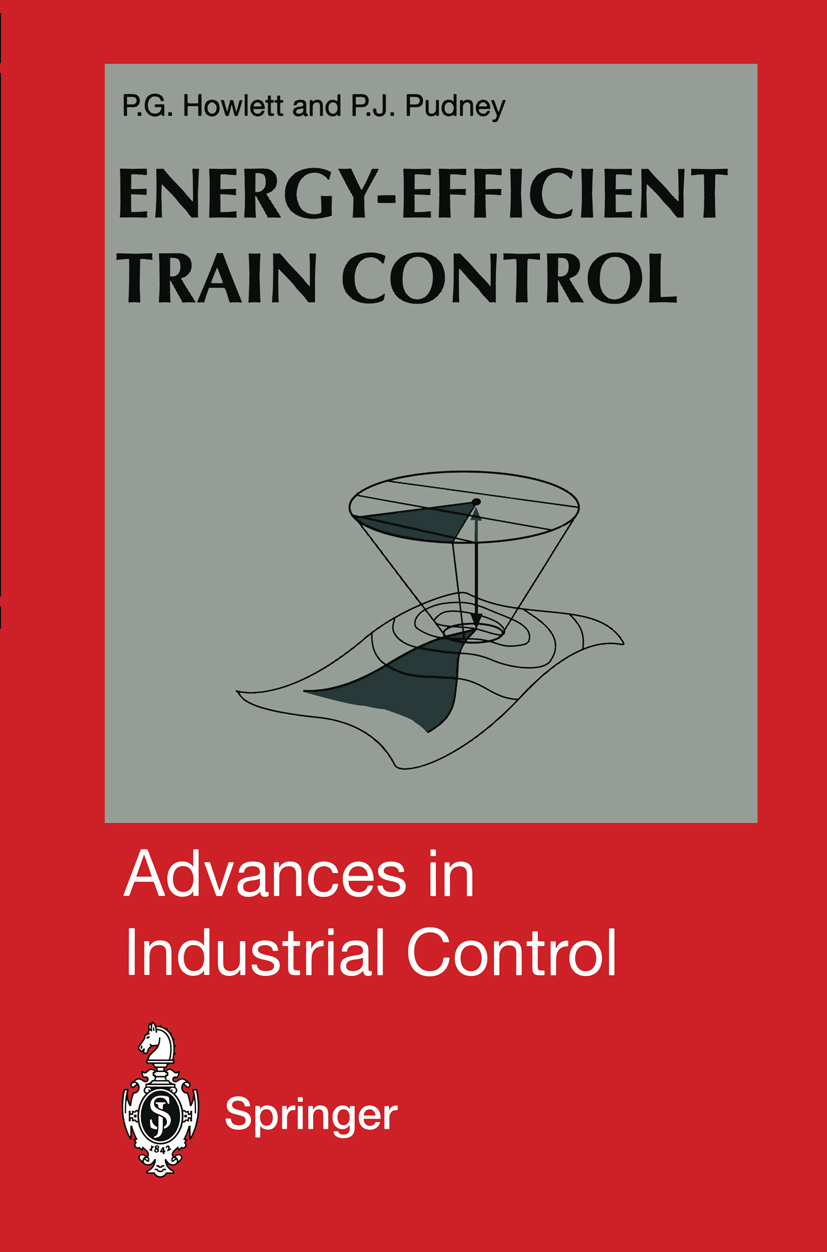
Energy-Efficient Train Control Rail is potentially a very efficient form of transport, but must be convenient, reliable and cost-effective to compete with road and air transport. Optimal control can be used to find energy-efficient driving strategies for trains. This book describes the train control problem and shows how a solution was found at the University of South Australia. This research was used to develop the Metromiser system, which provides energy-efficient driving advice on suburban trains. Since then, this work has been modified to find practical driving strategies for long-haul trains. The authors describe the history of the problem, reviewing the basic mathematical analysis and relevant techniques of constrained optimisation. They outline the modelling and solution of the problem and finally explain how the fuel consumption can be minimised for a journey, showing the effect of speed limits and track gradients on the optimal driving strategy. TECHNOLOGY & ENGINEERING,Automation
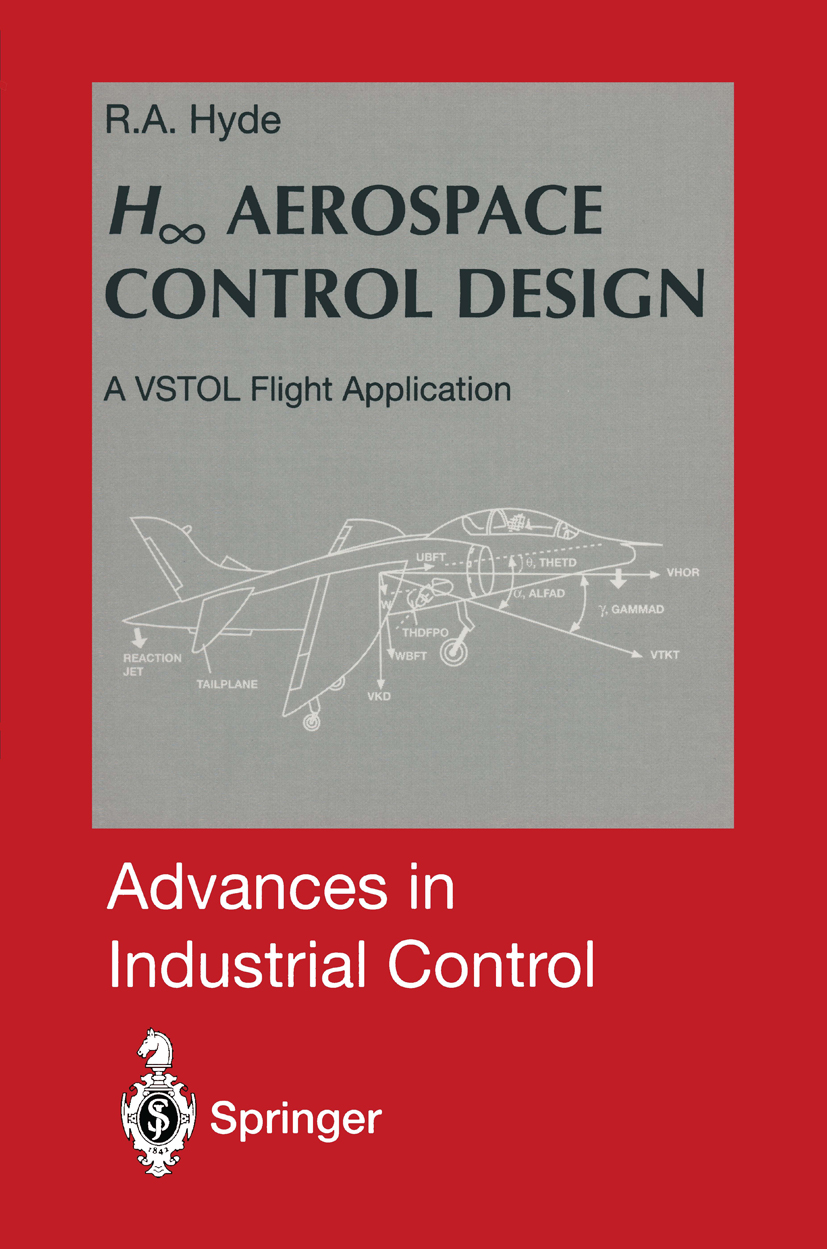
H∞ Aerospace Control Design Recent Developments in H¿ theory have produced a promising new design approach. However, a large gap between theory and practice has emerged, with as yet very few design examples applied to real industrial control problems. The work described in this monograph aims to narrow this gap, and to address implementation issues associated with multivariable H¿ controllers. An H¿ control law has been developed and tested for the DRA (Defence Research Agency) Bedford research Harrier. The first part of this text introduces the basic components of the flight control and engine systems and describes the models for the different sub-systems. The second part deals with implementational problems including the discretization process, handling limitations on actuators and the nonlinearities in the system. TECHNOLOGY & ENGINEERING,Automation
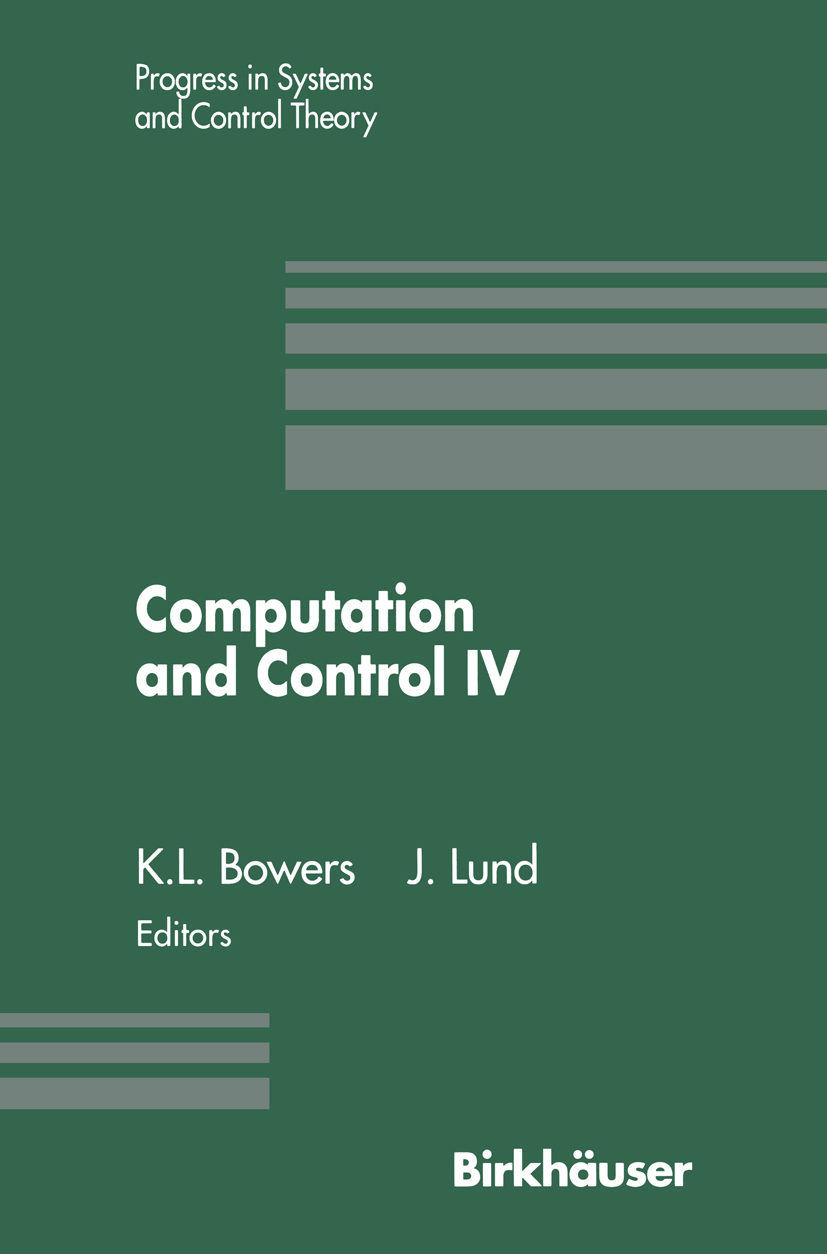
Computation and Control IV The fourth Conference on Computation and Control was held at Mon tana State University in Bozeman, Montana from August 3-9, 1994. These proceedings represent the continued evolution of the cross-disciplinary dia logue begun at the 1988 conference (Volume 1 of PSCT) and continued on a biennial basis in 1990 and 1992. Those proceedings are housed in Volume 11 of PSCT and Volume 15 of PSCT, respectively. In recent years considerable effort has been devoted to the problem of developing rigorous numerical methods and computational tools for con trol design and analysis. Although computational problems in control are extremely complex, these problems often have special structures that can be exploited to obtain both theoretical and computational results. More over, problems that arise from applications are best addressed by interdis ciplinary approaches where experts in various disciplines (e. g. numerical analysis, control theory, fluid dynamics) come together and create numer ical algorithms specifically for use in control design. This communication not only creates new mathematical tools, it often produces new research problems in the individual disciplines. This conference continues to bring together leading experts in control theory, numerical mathematics and var ious application areas to discuss recent developments in interdisciplinary approaches to computational control. The organizers acknowledge the generous support of the Montana State University Foundation, the National Science Foundation's Division of Mathematical Sciences and the EPSCoR Program (Montana Group for Nonlinear Science). TECHNOLOGY & ENGINEERING,Automation
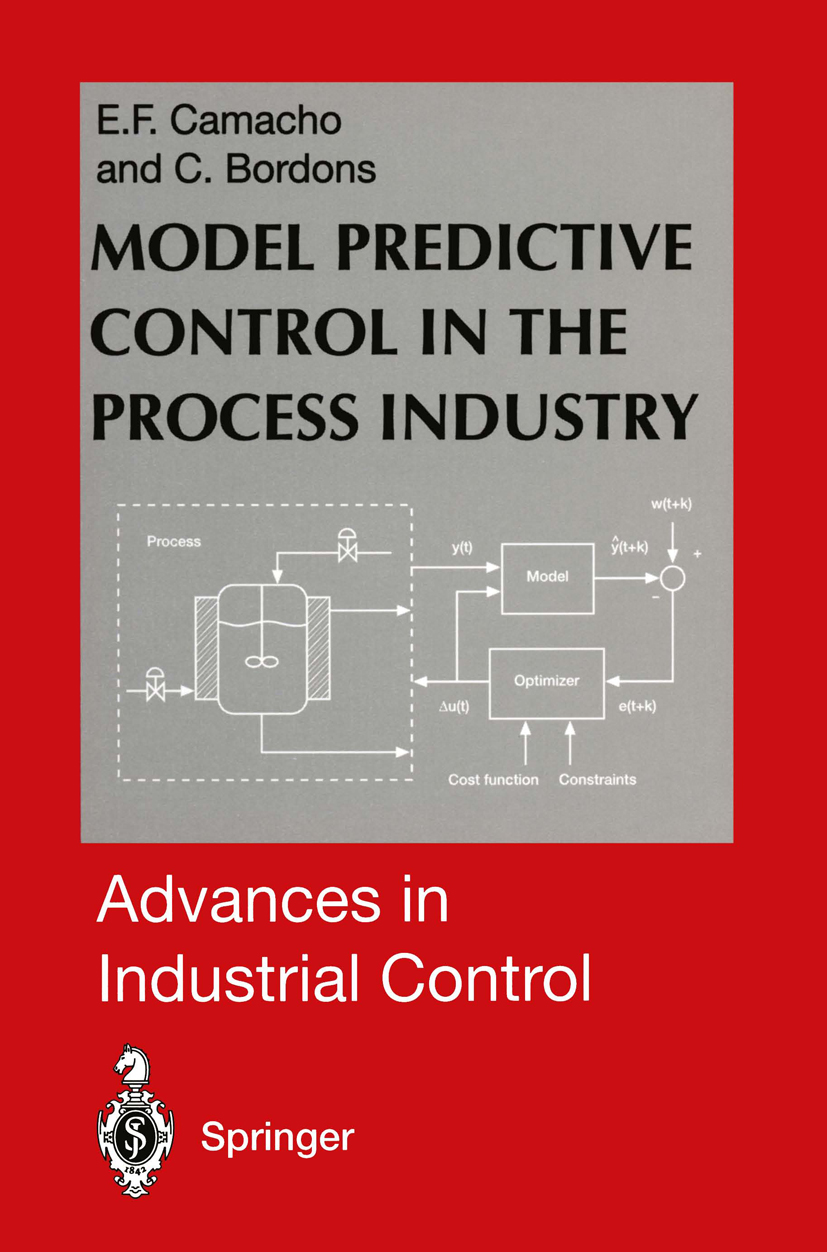
Model Predictive Control in the Process Industry Model Predictive Control is an important technique used in the process control industries. It has developed considerably in the last few years, because it is the most general way of posing the process control problem in the time domain. The Model Predictive Control formulation integrates optimal control, stochastic control, control of processes with dead time, multivariable control and future references. The finite control horizon makes it possible to handle constraints and non linear processes in general which are frequently found in industry. Focusing on implementation issues for Model Predictive Controllers in industry, it fills the gap between the empirical way practitioners use control algorithms and the sometimes abstractly formulated techniques developed by researchers. The text is firmly based on material from lectures given to senior undergraduate and graduate students and articles written by the authors. TECHNOLOGY & ENGINEERING,Automation
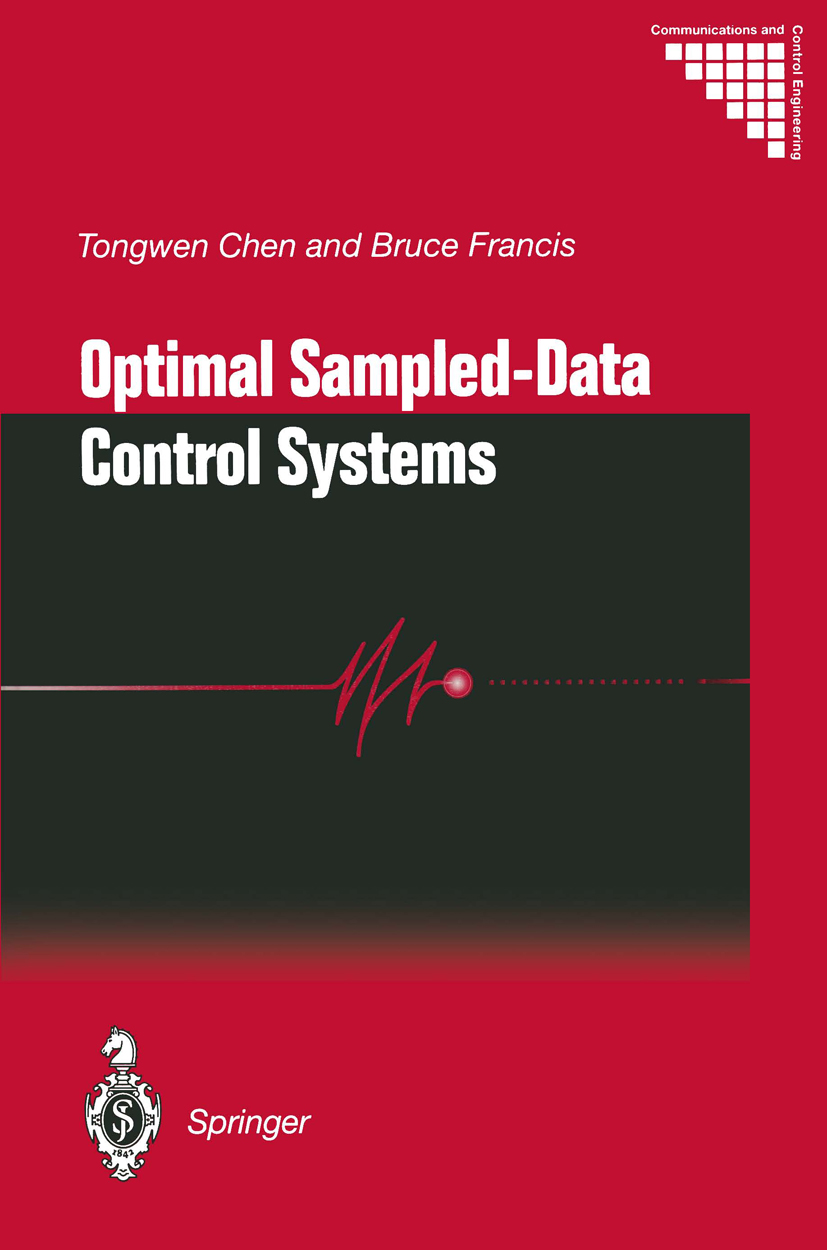
Optimal Sampled-Data Control Systems Among the many techniques for designing linear multivariable analogue controllers, the two most popular optimal ones are H2 and H ¿ optimization. The fact that most new industrial controllers are digital provides strong motivation for adapting or extending these techniques to digital control systems. This book, now available as a corrected reprint, attempts to do so. Part I presents two indirect methods of sampled-data controller design: These approaches include approximations to a real problem, which involves an analogue plant, continuous-time performance specifications, and a sampled-data controller. Part II proposes a direct attack in the continuous-time domain, where sampled-data systems are time-varying. The findings are presented in forms that can readily be programmed in, e.g., MATLAB. TECHNOLOGY & ENGINEERING,Automation
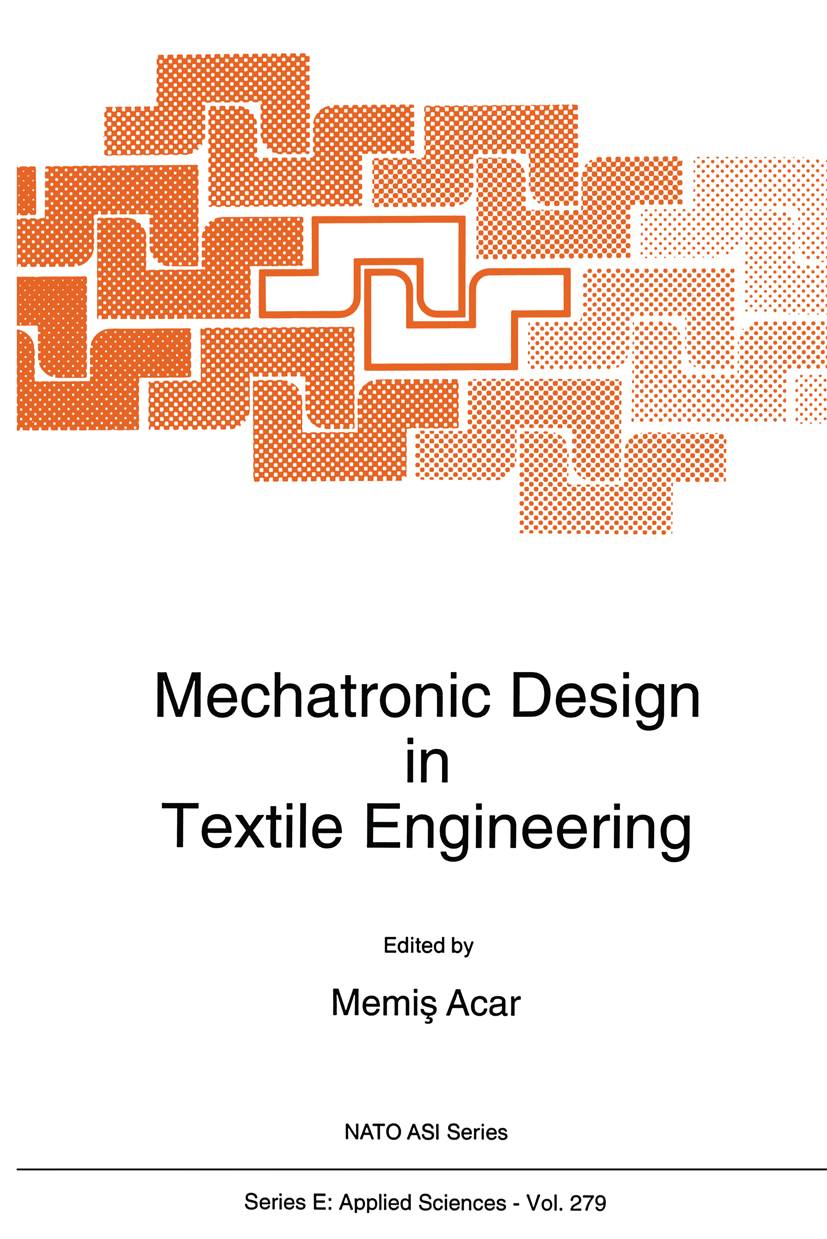
Mechatronic Design in Textile Engineering Proceedings of the NATO Advanced Study Institute on `Advancements and Applications of Mechatronic Design in Textile Engineering', Side, Antalya, Turkey, April 5--16, 1992 TECHNOLOGY & ENGINEERING,Automation
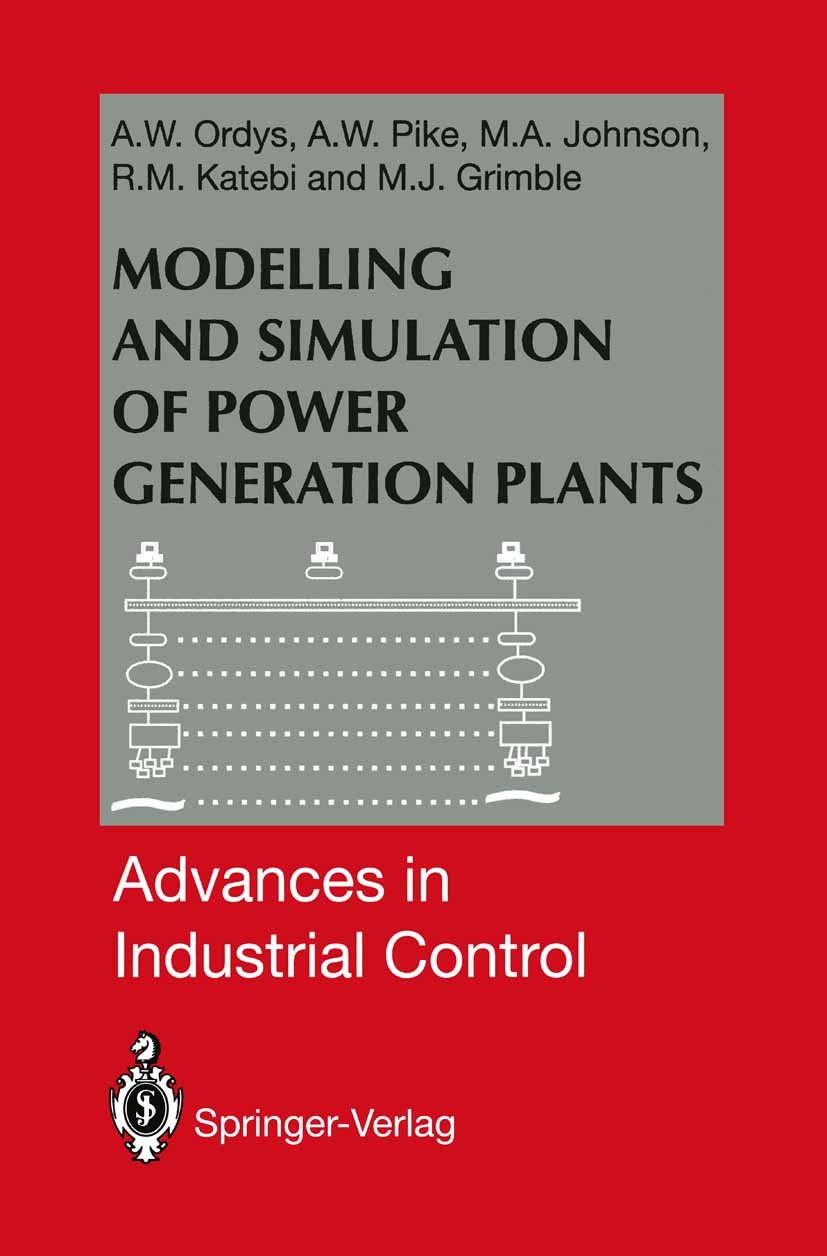
Modelling and Simulation of Power Generation Plants Many large-scale processes like refineries or power generation plant are constructed using the multi-vendor system and a main co-ordinating engineering contractor. With such a methodology. the key process units are installed complete with local proprietary control systems in place. Re-assessing the so called lower level control loop design or structure is becoming less feasible or desirable. Consequently, future comp~titive gains in large-scale industrial systems will arise from the closer and optimised global integration of the process sub-units. This is one of the inherent commercial themes which motivated the research reported in this monograph. To access the efficiency and feasibility of different large-scale system designs, the traditional tool has been the global steady-state analysis and energy balance. The process industries have many such tools encapsu lated as proprietary design software. However, to obtain a vital and critical insight into global process operation a dynamic model and simulation is necessary. Over the last decade, the whole state of the art in system simulation has irrevocably changed. The Graphical User Interface (G UI) and icon based simulation approach is now standard with hardware platforms becoming more and more powerful. This immediately opens the way to some new and advanced large-scale dynamic simulation developments. For example, click-together blocks from standard or specialised libraries of process units are perfectly feasible now. TECHNOLOGY & ENGINEERING,Automation

Robust Multivariable Flight Control Manual flight control system design for fighter aircraft is one of the most demanding problems in automatic control. Fighter aircraft dynamics generally have highly coupled uncertain and nonlinear dynamics. Multivariable control design techniques offer a solution to this problem. Robust Multivariable Flight Control provides the background, theory and examples for full envelope manual flight control system design. It gives a versatile framework for the application of advanced multivariable control theory to aircraft control problems. Two design case studies are presented for the manual flight control of lateral/directional axes of the VISTA-F-16 test vehicle and an F-18 trust vectoring system. They demonstrate the interplay between theory and the physical features of the systems. TECHNOLOGY & ENGINEERING,Automation
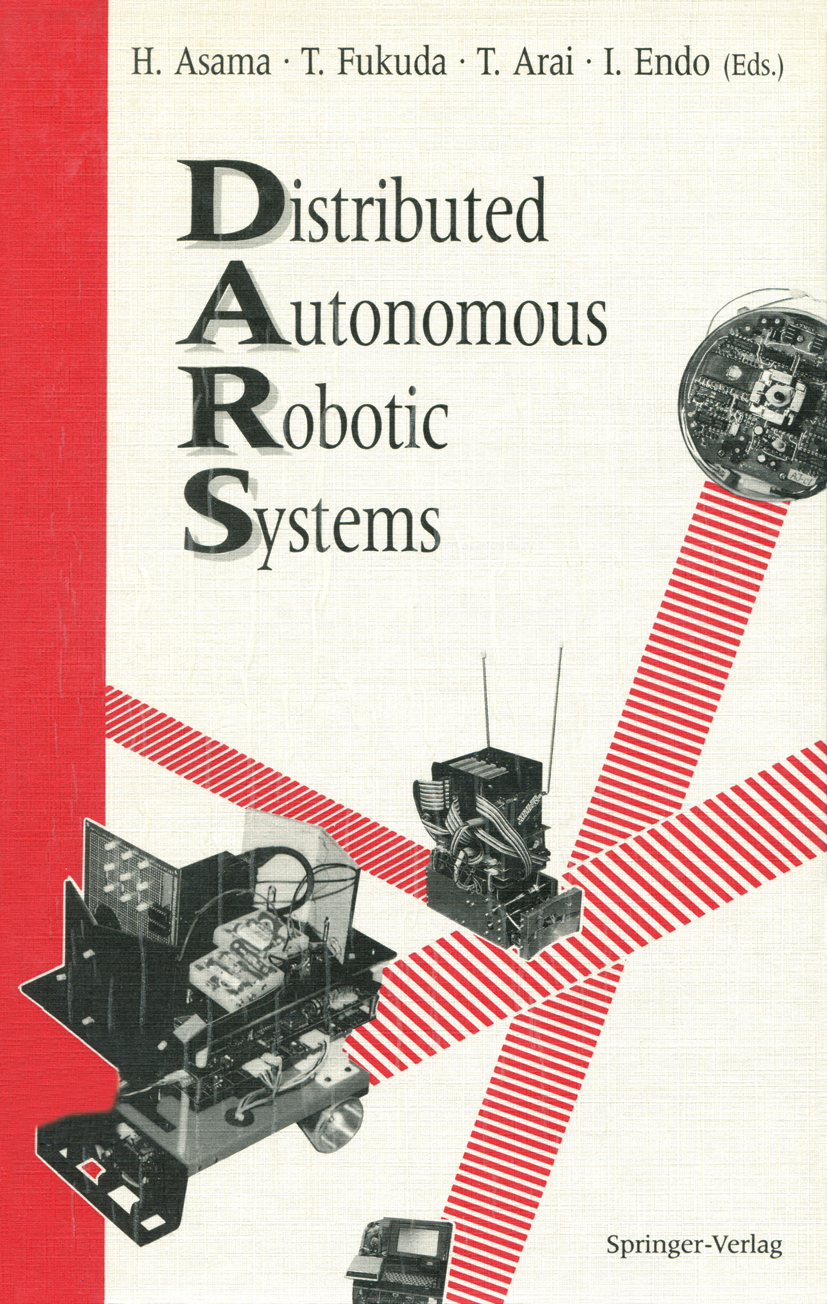
Distributed Autonomous Robotic Systems As a new strategy to realize the goal of flexible, robust, fault-tolerant robotic systems, the distributed autonomous approach has quickly established itself as one of the fastest growing fields in robotics. This book is one of the first to devote itself solely to this exciting area of research, covering such topics as self-organization, communication and coordination, multi-robot manipulation and control, distributed system design, distributed sensing, intelligent manufacturing systems, and group behavior. The fundamental technologies and system architectures of distributed autonomous robotic systems are expounded in detail, along with the latest research findings. This book should prove indispensable not only to those involved with robotic engineering but also to those in the fields of artificial intelligence, self-organizing systems, and coordinated control. TECHNOLOGY & ENGINEERING,Automation

Microcomputer-Based Adaptive Control Applied to Thyristor-Driven DC-Motors The series Advances in Industrial Control aims to report and encourage technology transfer in control engineering. The rapid development of control technology impacts all areas of the control discipline. New theory, new controllers, actuators, sensors, new industrial processes, computing methods, applications, philosophies, . . . , new challenges. Much of this development work resides in industrial reports, feasibility study papers and the reports of advanced collaborative projects. The series offers an opportunity for researchers to present an extended exposition of such new work in all aspects of industrial control for wider and rapid dissemination. The autotune method of Astrom and Hagglund had a major impact on the hardware and structure of PID process controllers. However, despite a substantial body of theoretical analysis, progress in transferring the benefits of more general self-tuning methods to industrial devices and processes has been much slower. This volume by Dr's Stephan and Keuchel shows that this type of technology transfer can be achieved and that the more advanced adaptive controllers do give performance benefits over conventional industrial (three term) controllers. The volume also shows the requirements in hardware, the need for software skills and the engineering techniques required to achieve satisfactory results. We hope that by recording their engineering know-how more researchers and industrialists will be encouraged to tap the benefits of advanced self-tuning and adaptive control methods. July, 1993 Michael J. Grimble and M. A. Johnson, Industrial Control Centre, Glasgow, Scotland, U. K. TECHNOLOGY & ENGINEERING,Automation
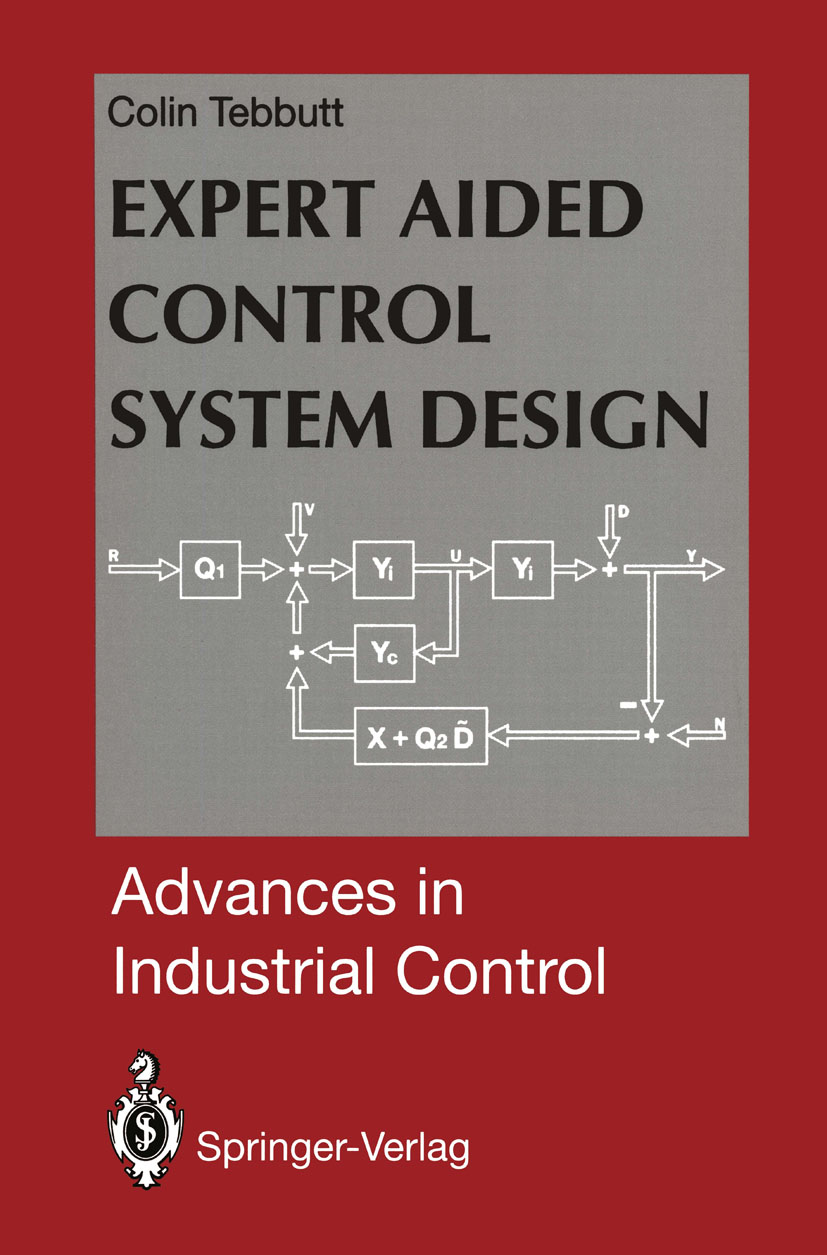
Expert Aided Control System Design Successful multivariable control system design demands knowledge, skill and creativity of the designer. Artificial intelligence can facilitate the design process by capturing much of the knowledge and some of the skill of the designer into an intelligent design tool, leaving the designer free to concentrate more on the creativity aspect of the design. This publication investigates the contribution which artificial intelligence can make to multivariable control system design. It covers all the research, design, development and testing aspects of creating the expert system. The approach is a critical one, reporting on the success as well as the shortcomings of expert system technology. Full documentation of the design software applications relevant to new and experienced users is given. TECHNOLOGY & ENGINEERING,Automation
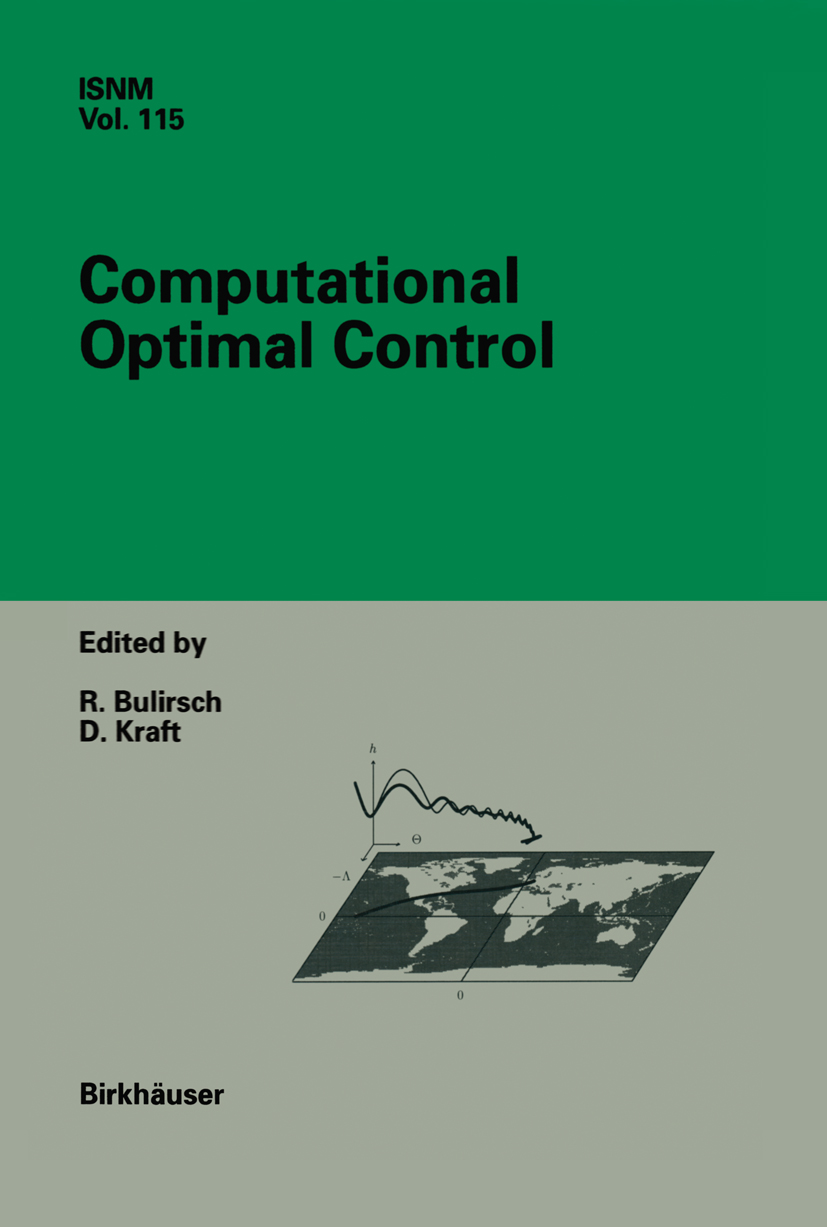
Computational Optimal Control Resources should be used sparingly both from a point of view of economy and eco logy. Thus in controlling industrial, economical and social processes, optimization is the tool of choice. In this area of applied numerical analysis, the INTERNATIONAL FEDERATION OF AUTOMATIC CONTROL (IFAC) acts as a link between research groups in universities, national research laboratories and industry. For this pur pose, the technical committee Mathematics of Control of IFAC organizes biennial conferences with the objective of bringing together experts to exchange ideas, ex periences and future developments in control applications of optimization. There should be a genuine feedback loop between mathematicians, computer scientists, engineers and software developers. This loop should include the design, application and implementation of algorithms. The contributions of industrial practitioners are especially important. These proceedings contain selected papers from a workshop on CONTROL Ap PLICATIONS OF OPTIMIZATION, which took place at the Fachhochschule Miinchen in September 1992. The workshop was the ninth in a series of very successful bien nial meetings, starting with the Joint Automatic Control Conference in Denver in 1978 and followed by conferences in London, Oberpfaffenhofen, San Francisco, Ca pri, Tbilisi and Paris. The workshop was attended by ninety researchers from four continents. This volume represents the state of the art in the field, with emphasis on progress made since the publication of the proceedings of the Capri meeting, edited by G. di Pillo under the title 'Control Applications of Optimization and Nonlinear Programming'. TECHNOLOGY & ENGINEERING,Automation
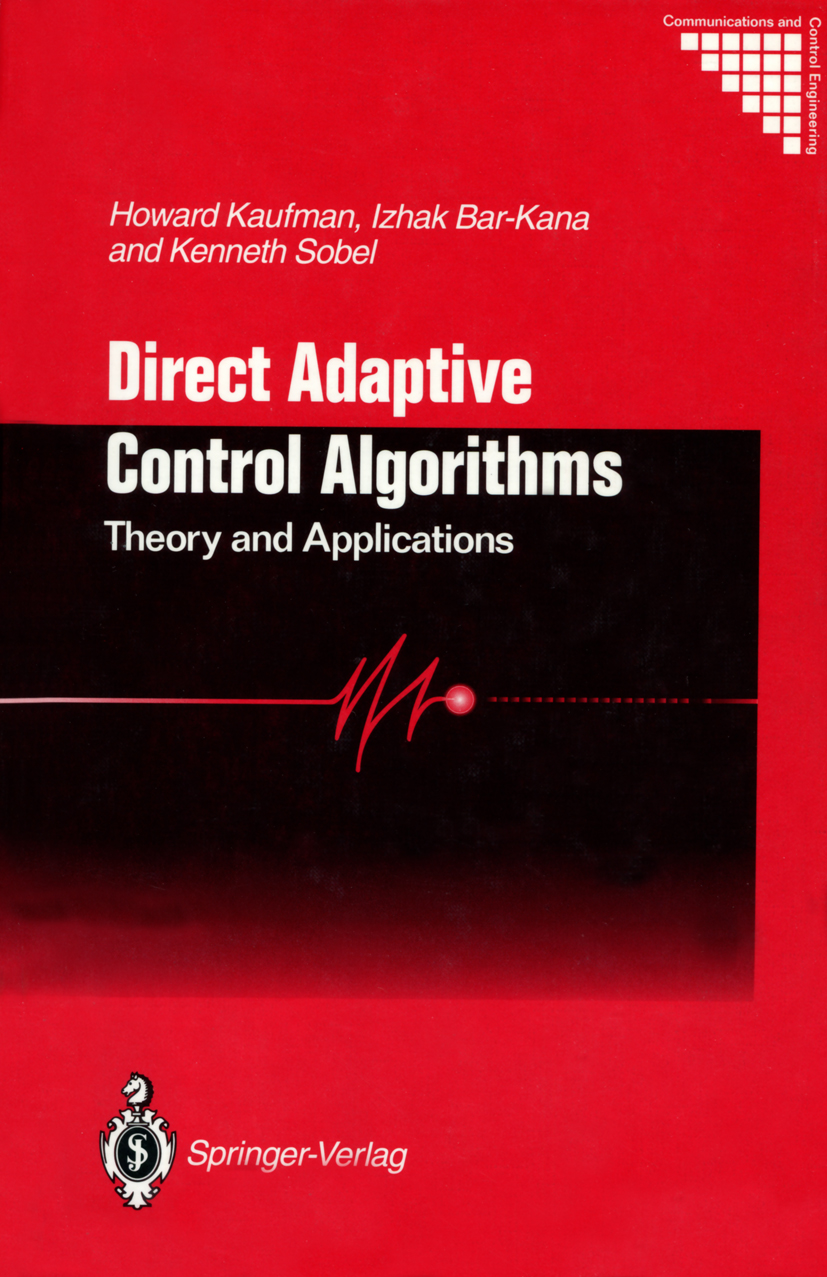
Direct Adaptive Control Algorithms Suitable either as a reference or as a text for a graduate course in adaptive control systems, this book is a self-contained compendium of easily implementable adaptive control algorithms that have been developed and applied by the authors for over 10 years. These algorithms do not require explicit process parameter identification and have been successfully applied to a wide variety of engineering problems including flexible structure control, blood pressure control and robotics. In general, these algorithms are suitable for a wide class of multiple input-output control systems containing significant uncertainty as well as disturbances. TECHNOLOGY & ENGINEERING,Automation

Optimization and Dynamical Systems This work is aimed at mathematics and engineering graduate students and researchers in the areas of optimization, dynamical systems, control sys tems, signal processing, and linear algebra. The motivation for the results developed here arises from advanced engineering applications and the emer gence of highly parallel computing machines for tackling such applications. The problems solved are those of linear algebra and linear systems the ory, and include such topics as diagonalizing a symmetric matrix, singular value decomposition, balanced realizations, linear programming, sensitivity minimization, and eigenvalue assignment by feedback control. The tools are those, not only of linear algebra and systems theory, but also of differential geometry. The problems are solved via dynamical sys tems implementation, either in continuous time or discrete time , which is ideally suited to distributed parallel processing. The problems tackled are indirectly or directly concerned with dynamical systems themselves, so there is feedback in that dynamical systems are used to understand and optimize dynamical systems. One key to the new research results has been the recent discovery of rather deep existence and uniqueness results for the solution of certain matrix least squares optimization problems in geomet ric invariant theory. These problems, as well as many other optimization problems arising in linear algebra and systems theory, do not always admit solutions which can be found by algebraic methods. TECHNOLOGY & ENGINEERING,Automation
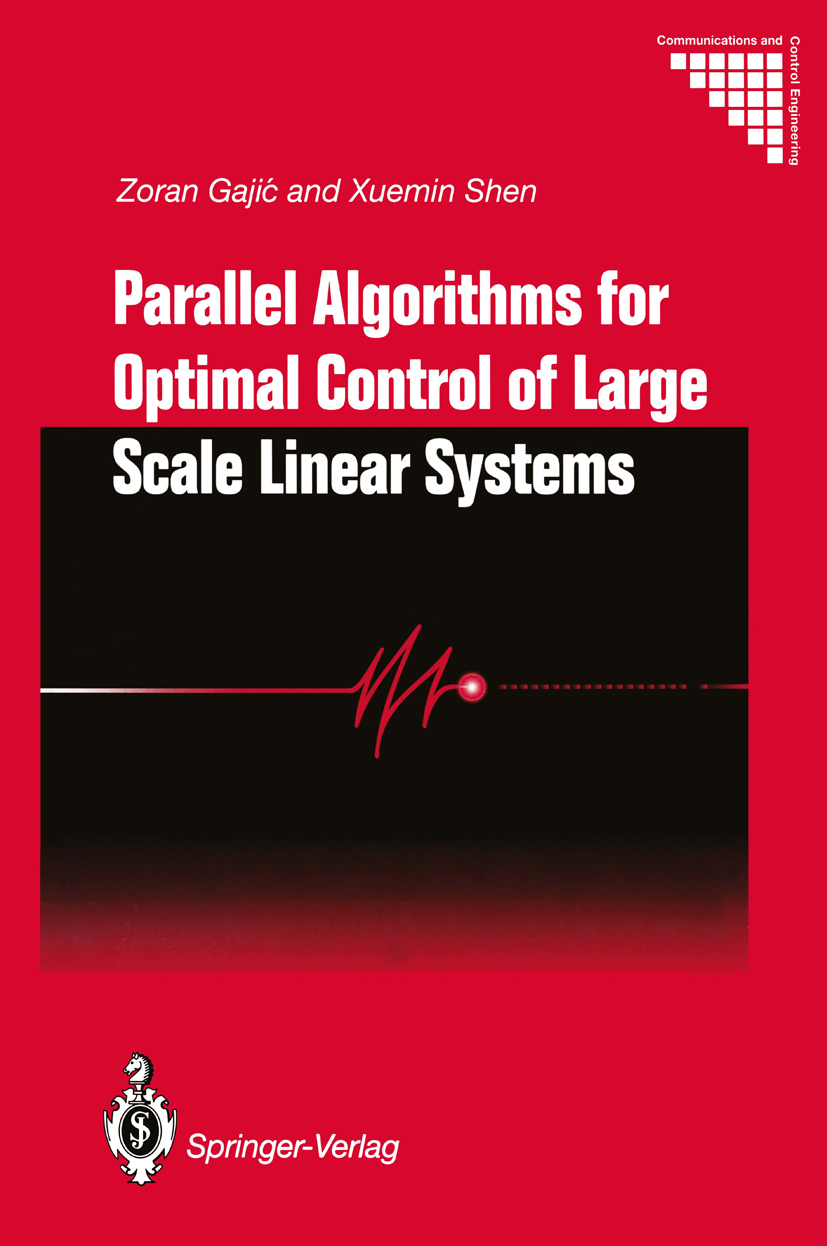
Parallel Algorithms for Optimal Control of Large Scale Linear Systems Parallel Algorithms for Optimal Control of Large Scale Linear Systems is a comprehensive presentation for both linear and bilinear systems. The parallel algorithms presented in this book are applicable to a wider class of practical systems than those served by traditional methods for large scale singularly perturbed and weakly coupled systems based on the power-series expansion methods. It is intended for scientists and advance graduate students in electrical engineering and computer science who deal with parallel algorithms and control systems, especially large scale systems. The material presented is both comprehensive and unique. TECHNOLOGY & ENGINEERING,Automation
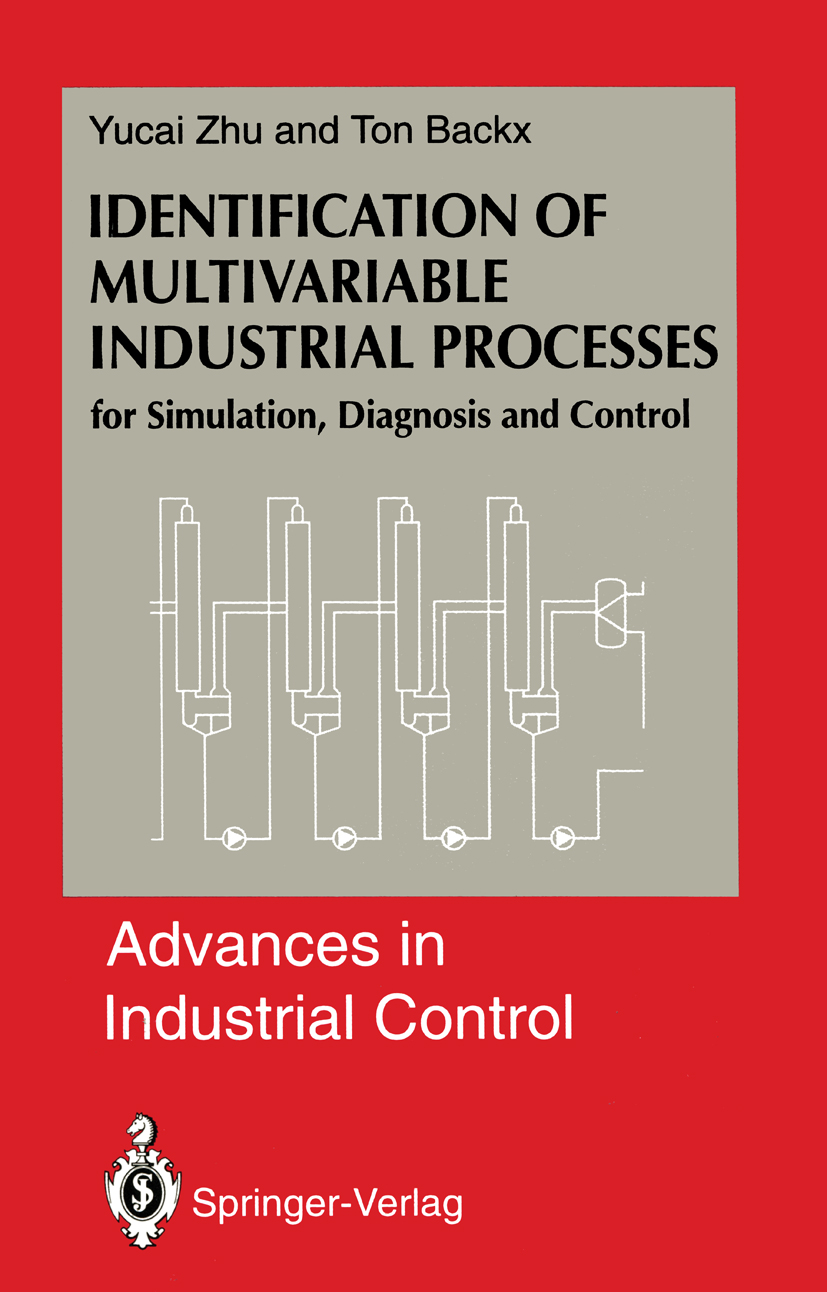
Identification of Multivariable Industrial Processes Identification of Multivariable Industrial Processes presents a unified approach to multivariable industrial process identification. It concentrates on industrial processes with reference to model applications. The areas covered are experiment design, model structure selection, parameter estimation as well as error bounds of the transfer function. This publication is intended to fill the gap between modern systems and control theory and industrial application. It is based on the results of 10 years of research and application experiences. The theories and models discussed are fully explained and illustrated with case studies. At an early stage the reader is introduced to real applications. TECHNOLOGY & ENGINEERING,Automation
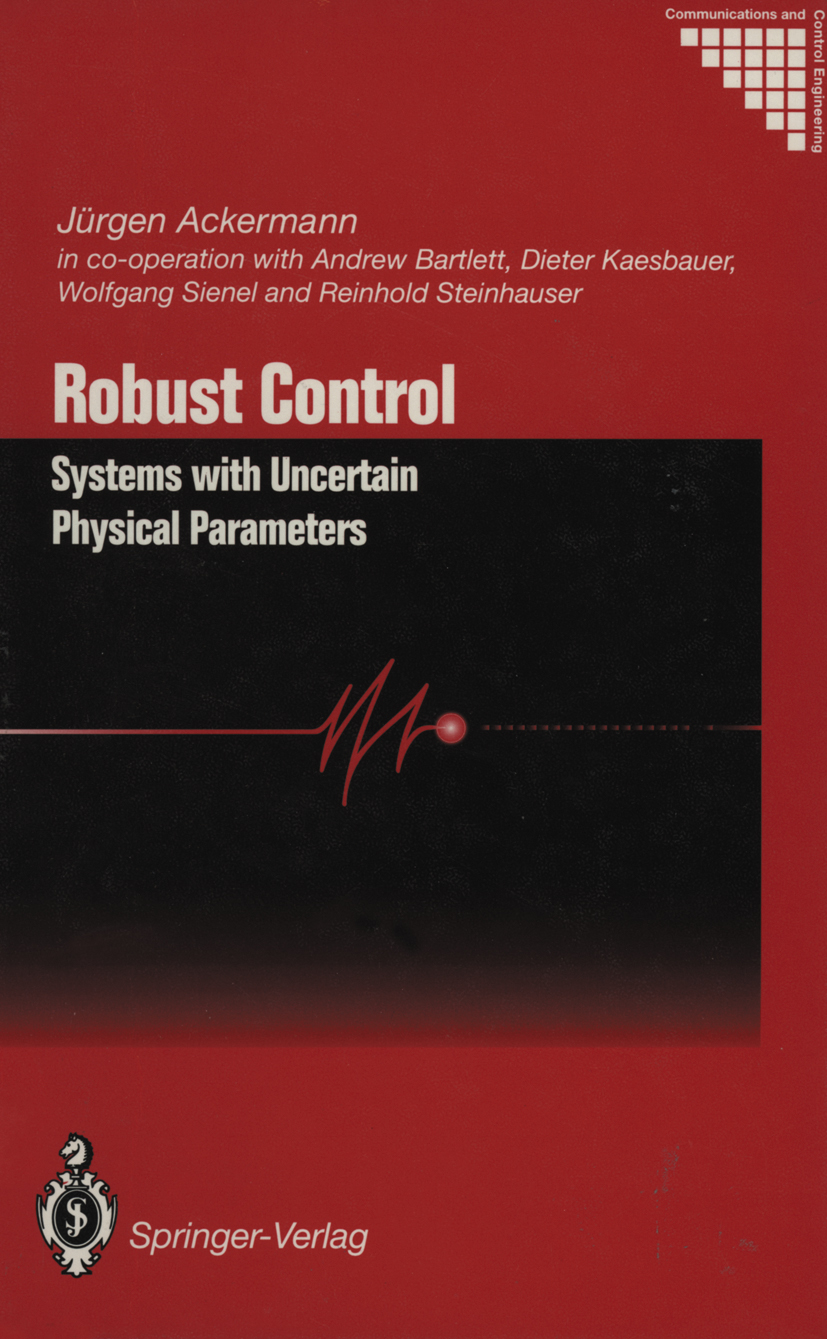
Robust Control Robustness analysis addresses the question "Is a control system sufficiently stable under all admissible operating condtions?" Robust Control (second edition) presents parametric methods and tools for control design catering for several representative operating conditions and design specifications simultaneously, thus reducing the performance effects of parameter uncertainty in both time and frequency domains. The author’s graphical parameter space methods guarantee the desired properties for all possible values of plant uncertainty. These methods also help the reader to deal with unstructured disturbances being particularly well-suited for sequences of design steps each having a few uncertain parameters. Kharitonov and edge results and tree-structured decompositions deal with simple structures with many uncertain parameters. Scalar measurement for the distance from an instability and the robustness of sampled-data control are introduced. • In addition to a general large-scale rewriting and editing of existing material, the following specific changes are featured in the second edition: • new results, in particular on frequency-domain specifications for unstructured uncertainties and disturbances, on PID controller design and on singular frequencies; • new chapters dealing with novel applications in car steering (skid and rollover avoidance and automatic steering) and flight control (flutter suppression and engine-out control for unstable aircraft in divers operating conditions); • streamlined more didactic presentation; • author-created downloadable Paradise MATLAB® toolbox with detailed commentary in an appendix. Requiring only an undergraduate background in feedback control, Robust Control (second edition) keeps the mathematics of an important subject simple. The book shows mechanical and electrical engineers who have to design robust mechatronic systems how to adapt its new tools to solve their problems and its solid theoretical development based on historical foundations will be of profit to the control systematician. TECHNOLOGY & ENGINEERING,Automation
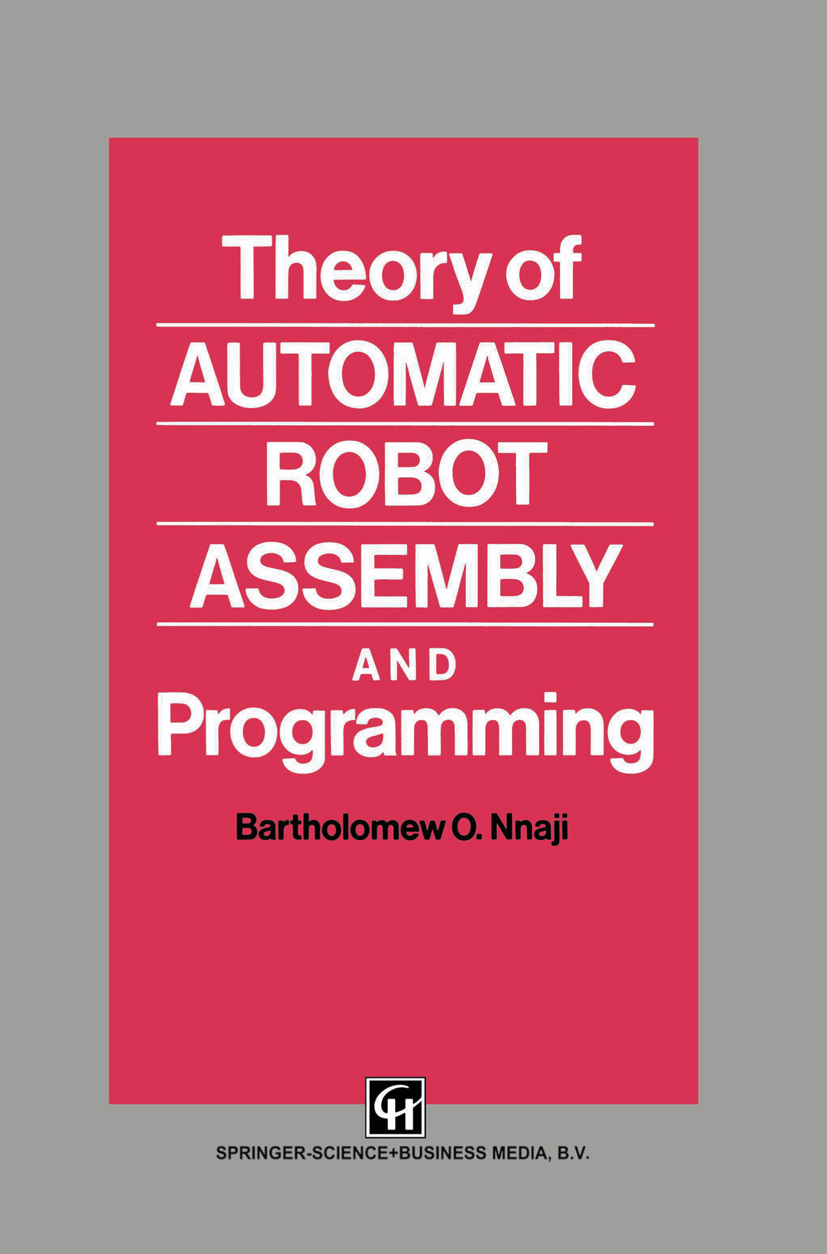
Theory of Automatic Robot Assembly and Programming Machines will gradually become programmed using computers which have the knowledge of how the objects in the world relate to one another. This book capitalizes on the fact that products which are manufactured can be designed on the computer and that information about the product such as its physical shape provide powerful information to reason about how to develop the process plan for their manufacture. This book explores the whole aspect of using the principles of how parts behave naturally to automatically generate programs that govern how to produce them. The last decade saw tremendous work on how machines can be programmed to perform a variety of tasks automatically. Robotics has witnessed the most work on programming techniques. But it was not until the emergence of the advanced CAD system as a proper source of information representation about objects which are to be manipulated by the robot that it became viable for automated processors to generate robot programs without human interface. It became possible for objects to be described and for principles about how they interact in the world to be developed. The functions which the features designed into the objects serve for the objects can be adequately represented and used in reasoning about the manufacturing of the parts using the robot. This book describes the necessary principles which must be developed for a robot to generate its own programs with the knowledge of the world in the CAD system. TECHNOLOGY & ENGINEERING,Automation

Parametrizations in Control, Estimation and Filtering Problems This book is all about finite wordlength errors in digital filters, con trollers and estimators, and how to minimize the deleterious effects of these errors on the performance of these devices. This does by no means imply that all about finite wordlength errors in filters, controllers and estimators is to be found in this book. We first ventured into the world of finite wordlength effects in 1987 when Gang Li began his PhD thesis in this area. Our more experienced readers might well say 'This shows', but we believe that the extent of our new contributions largely offsets our relative inexperience about the subject that might surface here and there in the book. Our naive view on the subject of finite wordlength errors in 1987 could probably be summarized as follows: • numerical errors due to finite wordlength encoding and roundoff are something that one has to live with, and there is probably not much that can be done about them except to increase the wordlength by improvements on the hardware; • these errors are as old as finite arithmetic and numerical analysis and they must therefore be well understood by now; • thus, if something can be done to minimize their effects, it must have been analysed and put into practice a long time ago. It is almost fair to say that we were wrong on all counts. TECHNOLOGY & ENGINEERING,Automation
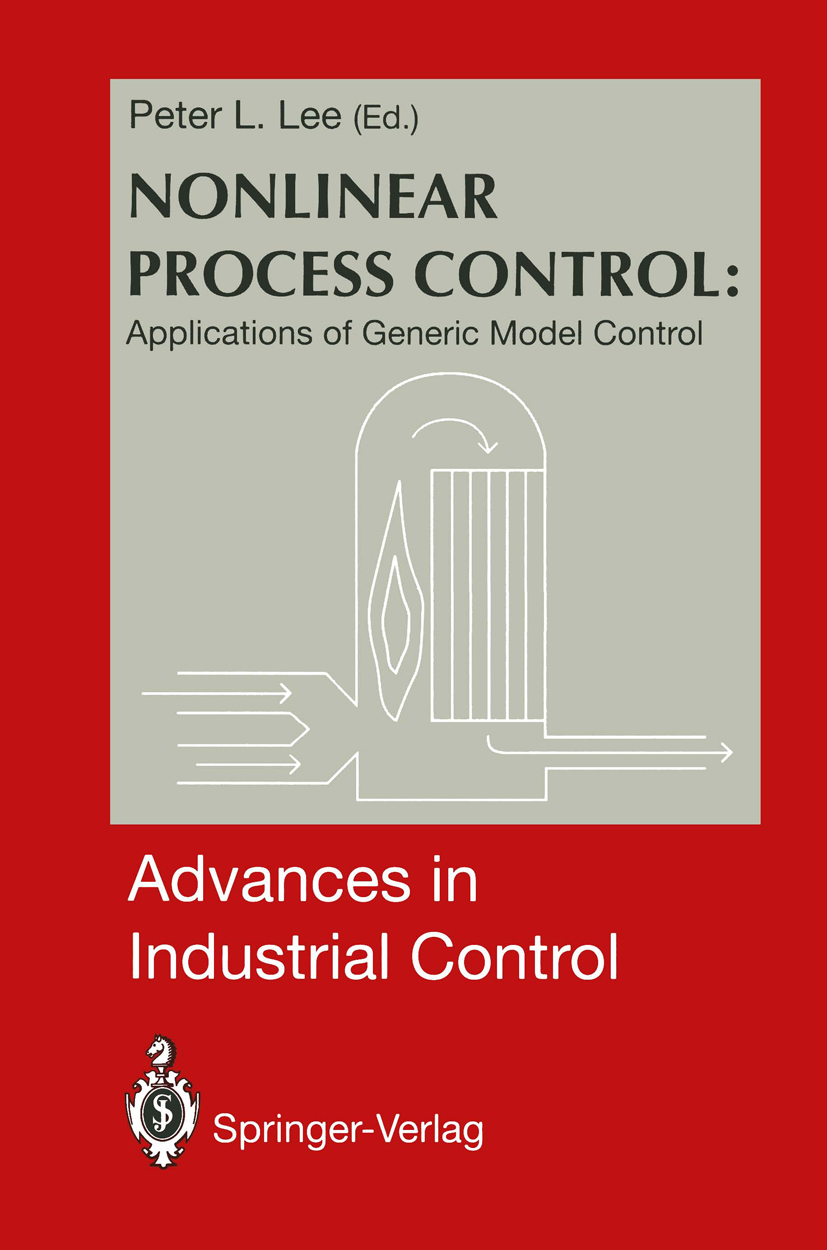
Nonlinear Process Control It is a valuable contribution to the task of filling the theory and practice gap that exists in Process Control. The volume editor has drawn together a number of industrial case studies where Generic Model Control has been successfully applied. Each case study is documented and described in detail. Nonlinear Process Control will be of particular interest to industrial practitioners. It provides a tutorial introduction to Generic Model Control and assists them in applying modern control methods to their processes. TECHNOLOGY & ENGINEERING,Automation
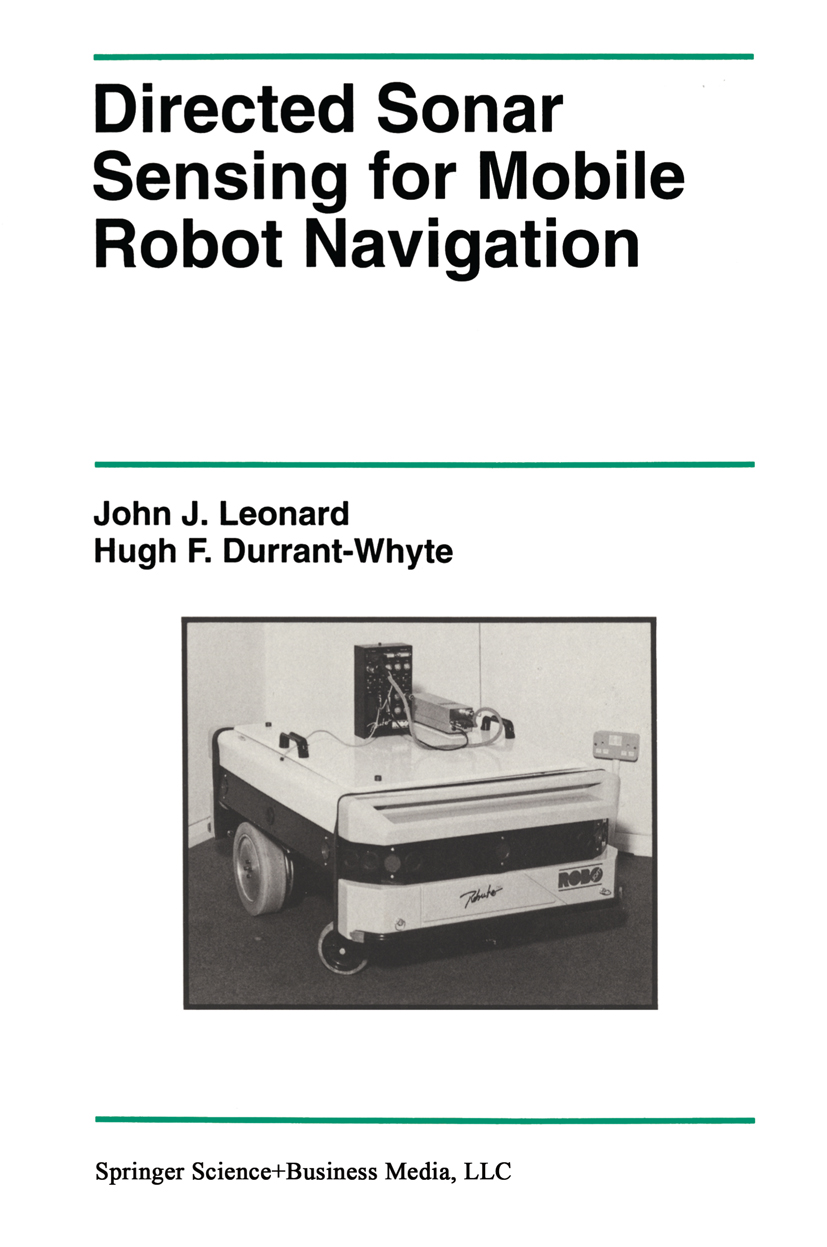
Directed Sonar Sensing for Mobile Robot Navigation This monograph is a revised version of the D.Phil. thesis of the first author, submitted in October 1990 to the University of Oxford. This work investigates the problem of mobile robot navigation using sonar. We view model-based navigation as a process of tracking naturally occurring environment features, which we refer to as "targets". Targets that have been predicted from the environment map are tracked to provide that are observed, but not predicted, vehicle position estimates. Targets represent unknown environment features or obstacles, and cause new tracks to be initiated, classified, and ultimately integrated into the map. Chapter 1 presents a brief definition of the problem and a discussion of the basic research issues involved. No attempt is made to survey ex haustively the mobile robot navigation literature-the reader is strongly encouraged to consult other sources. The recent collection edited by Cox and Wilfong [34] is an excellent starting point, as it contains many of the standard works of the field. Also, we assume familiarity with the Kalman filter. There are many well-known texts on the subject; our notation derives from Bar-Shalom and Fortmann [7]. Chapter 2 provides a detailed sonar sensor model. A good sensor model of our approach to navigation, and is used both for is a crucial component predicting expected observations and classifying unexpected observations. TECHNOLOGY & ENGINEERING,Automation
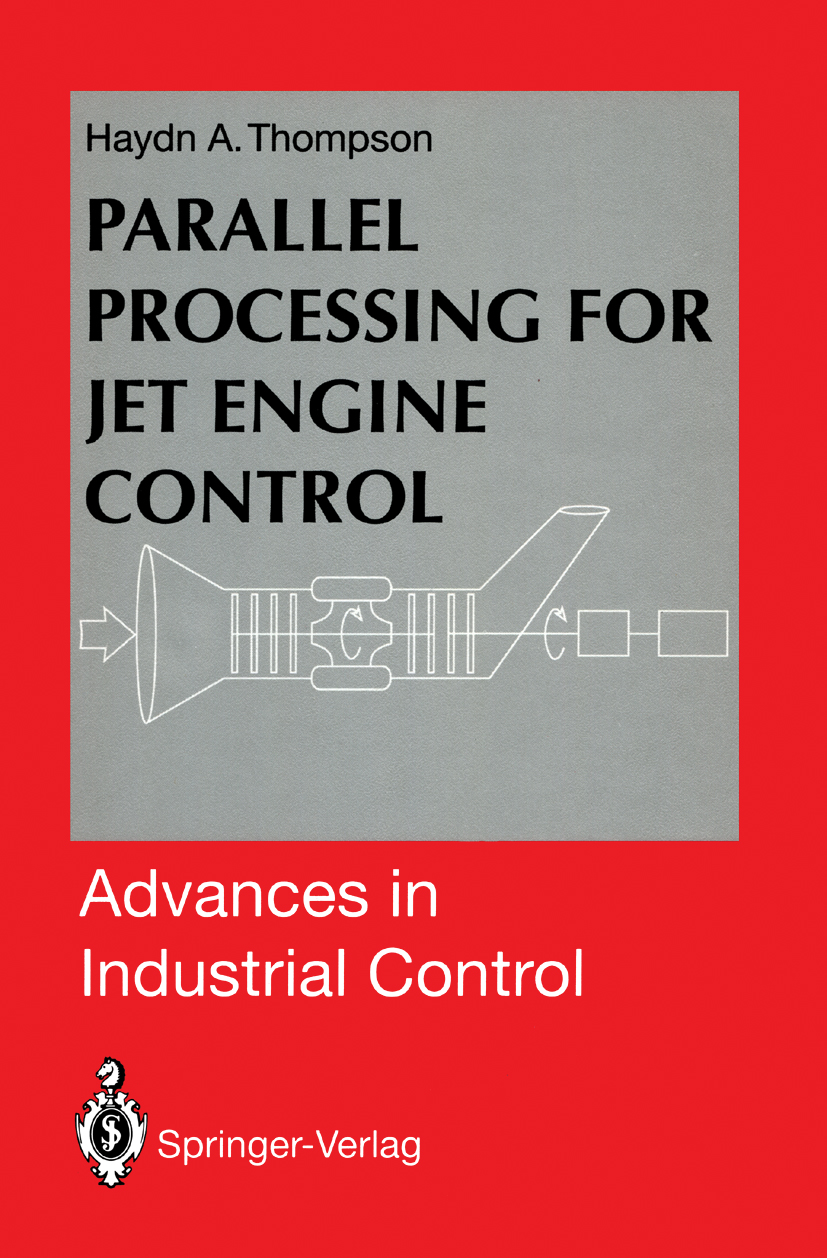
Parallel Processing for Jet Engine Control Parallel Processing Applications for Jet Engine Control is a volume in the new Advances in Industrial Control series, edited by Professor M.J. Grimble and Dr. M.A. Johnson of the Industrial Control Unit, University of Strathclyde. The book describes the mapping and load balancing of gas turbine engine and controller simulations onto arrays of transputers. It compares the operating system for transputers and the Uniform System upon the Butterfly Plus computer. The problem of applying formal methods to parallel asychronous processors is addressed, implementing novel fault tolerant systems to meet real-time flight control requirements. The book presents real-time closed-loop results highlighting the advantages and disadvantages of Occam and the transputer. Readers will find that this book provides valuable material for researchers in both academia and the aerospace industry. TECHNOLOGY & ENGINEERING,Automation
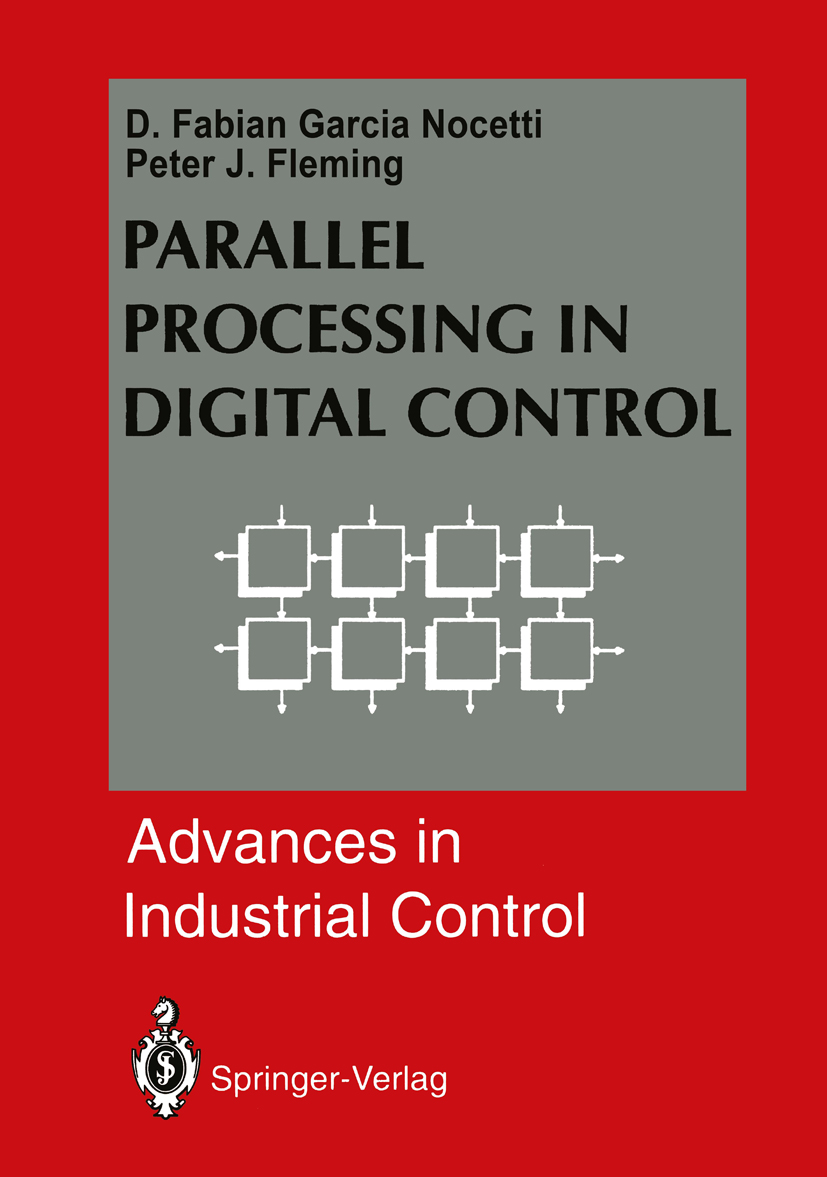
Parallel Processing in Digital Control Parallel Processing in Digital Control is a volume to be published in the new Advances in Industrial Control series, edited by Professor M.J. Grimble and Dr. M.A. Johnson of the Industrial Control Unit, University of Strathclyde. The growing complexity of digital control systems in such areas as robotics, flight control and engine control has created a demand for faster and more reliable systems. This book examines how parallel processing can satisfy these requirements. Following a survey of parallel computer architectures, MIMD (Multiple Instruction Multiple Data) machines are identified as suitable systems for digital control problems, which are characterised by a mixture of regular and irregular algorithmic tasks. An example of a typical MIMD architecture, suitable for real-time control, (the Inmos Transputer) is introduced together with its associated parallel programming language (Occam). The key problem in implementing parallel software is associated with mapping parallel tasks onto physical processors. In this book a variety of schemes are described and assessed to help illustrate potential areas of difficulty for the real-time control software engineer. Solutions are proposed and tested on a flight control case study example. Recognising the widespread acceptance of MATLAB and its derivatives for computer aided control system design, this book demonstrates how mapping strategies can be realised in this environment and integrated with a transputer development system for on-line performance evaluation. A case study example demonstrates the power of this approach and important issues are highlighted. Readers will experience the advantages of parallel processing in digital control while being made aware of the key factors to be considered in the development of an effective solution. Practising control engineers and graduate/post-graduate students will find the book of particular interest and benefit. TECHNOLOGY & ENGINEERING,Automation
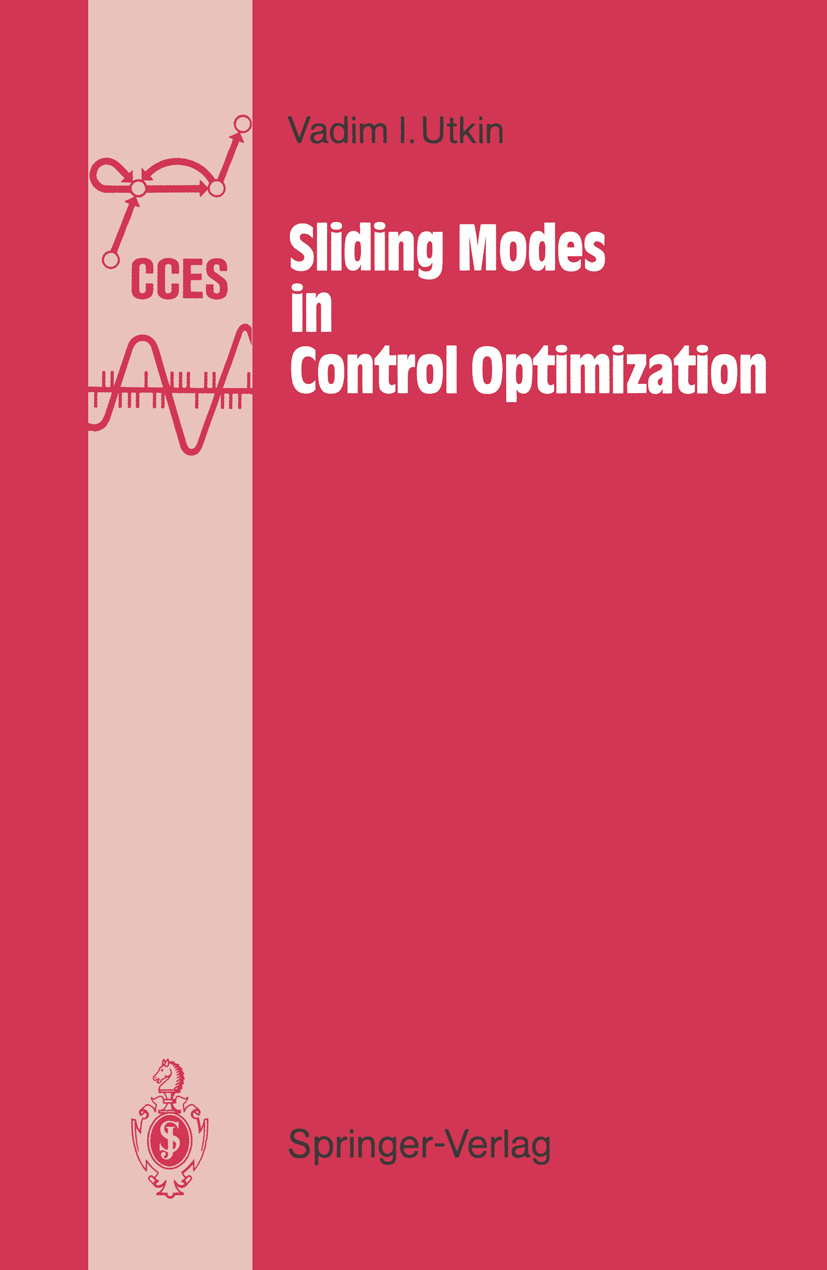
Sliding Modes in Control and Optimization The book is devoted to systems with discontinuous control. The study of discontinuous dynamic systems is a multifacet problem which embraces mathematical, control theoretic and application aspects. Times and again, this problem has been approached by mathematicians, physicists and engineers, each profession treating it from its own positions. Interestingly, the results obtained by specialists in different disciplines have almost always had a significant effect upon the development of the control theory. It suffices to mention works on the theory of oscillations of discontinuous nonlinear systems, mathematical studies in ordinary differential equations with discontinuous righthand parts or variational problems in nonclassic statements. The unremitting interest to discontinuous control systems enhanced by their effective application to solution of problems most diverse in their physical nature and functional purpose is, in the author's opinion, a cogent argument in favour of the importance of this area of studies. It seems a useful effort to consider, from a control theoretic viewpoint, the mathematical and application aspects of the theory of discontinuous dynamic systems and determine their place within the scope of the present-day control theory. The first attempt was made by the author in 1975-1976 in his course on "The Theory of Discontinuous Dynamic Systems" and "The Theory of Variable Structure Systems" read to post-graduates at the University of Illinois, USA, and then presented in 1978-1979 at the seminars held in the Laboratory of Systems with Discontinous Control at the Institute of Control Sciences in Moscow. TECHNOLOGY & ENGINEERING,Automation
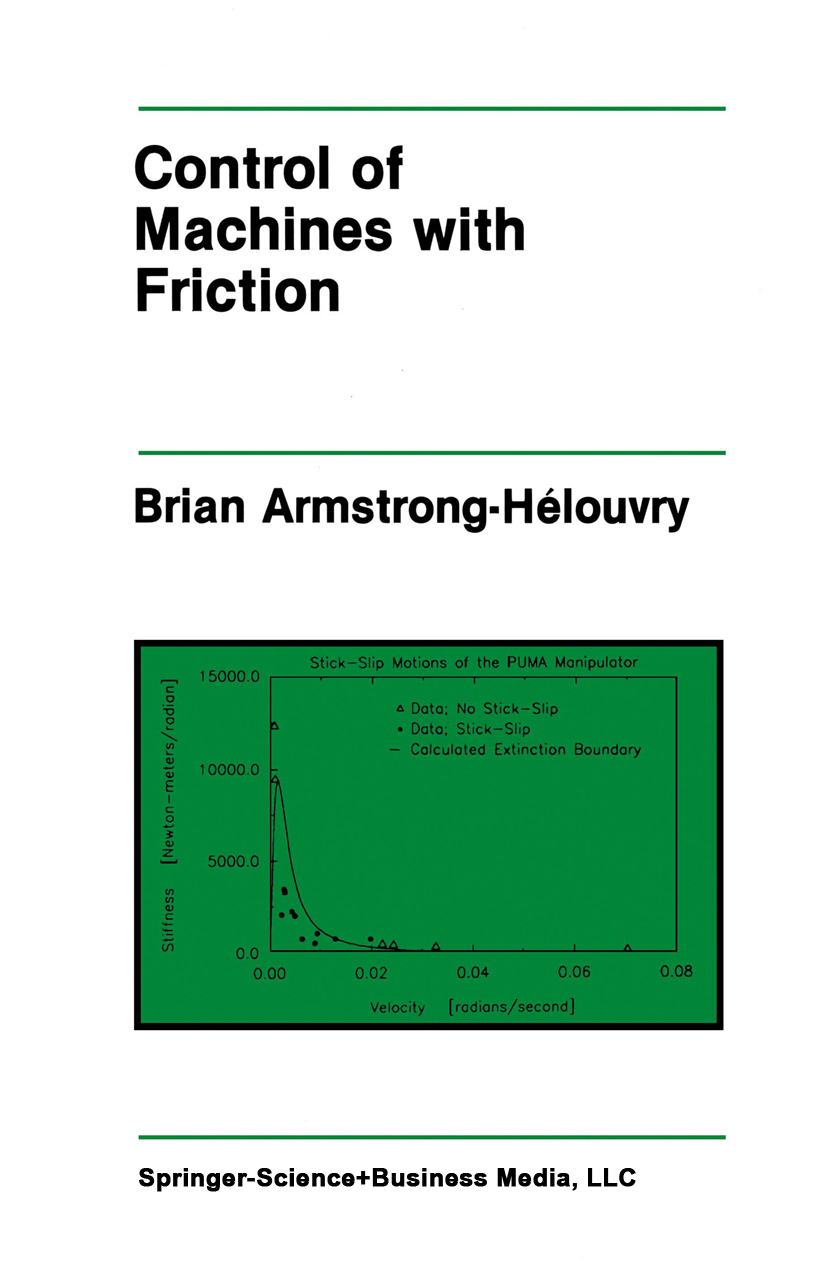
Control of Machines with Friction It is my ambition in writing this book to bring tribology to the study of control of machines with friction. Tribology, from the greek for study of rubbing, is the discipline that concerns itself with friction, wear and lubrication. Tribology spans a great range of disciplines, from surface physics to lubrication chemistry and engineering, and comprises investigators in diverse specialities. The English language tribology literature now grows at a rate of some 700 articles per year. But for all of this activity, in the three years that I have been concerned with the control of machines with friction, I have but once met a fellow controls engineer who was aware that the field existed, this including many who were concerned with friction. In this vein I must confess that, before undertaking these investigations, I too was unaware that an active discipline of friction existed. The experience stands out as a mark of the specialization of our time. Within tribology, experimental and theoretical understanding of friction in lubricated machines is well developed. The controls engineer's interest is in dynamics, which is not the central interest of the tribologist. The tribologist is more often concerned with wear, with respect to which there has been enormous progress - witness the many mechanisms which we buy today that are lubricated once only, and that at the factory. Though a secondary interest, frictional dynamics are note forgotten by tribology. TECHNOLOGY & ENGINEERING,Automation

Perturbation Techniques for Flexible Manipulators A manipulator, or 'robot', consists of a series of bodies (links) connected by joints to form a spatial mechanism. Usually the links are connected serially to form an open chain. The joints are either revolute (rotary) or prismatic (telescopic), various combinations of the two giving a wide va riety of possible configurations. Motive power is provided by pneumatic, hydraulic or electrical actuation of the joints. The robot arm is distinguished from other active spatial mechanisms by its reprogrammability. Therefore, the controller is integral to any de scription of the arm. In contrast with many other controlled processes (e. g. batch reactors), it is possible to model the dynamics of a ma nipulator very accurately. Unfortunately, for practical arm designs, the resulting models are complex and a considerable amount of research ef fort has gone into improving their numerical efficiency with a view to real time solution [32,41,51,61,77,87,91]. In recent years, improvements in electric motor technology coupled with new designs, such as direct-drive arms, have led to a rapid increase in the speed and load-carrying capabilities of manipulators. However, this has meant that the flexibility of the nominally rigid links has become increasingly significant. Present generation manipulators are limited to a load-carrying capacity of typically 5-10% of their own weight by the requirement of rigidity. For example, the Cincinatti-Milicron T3R3 robot weighs more than 1800 kg but has a maximum payload capacity of 23 kg. TECHNOLOGY & ENGINEERING,Automation
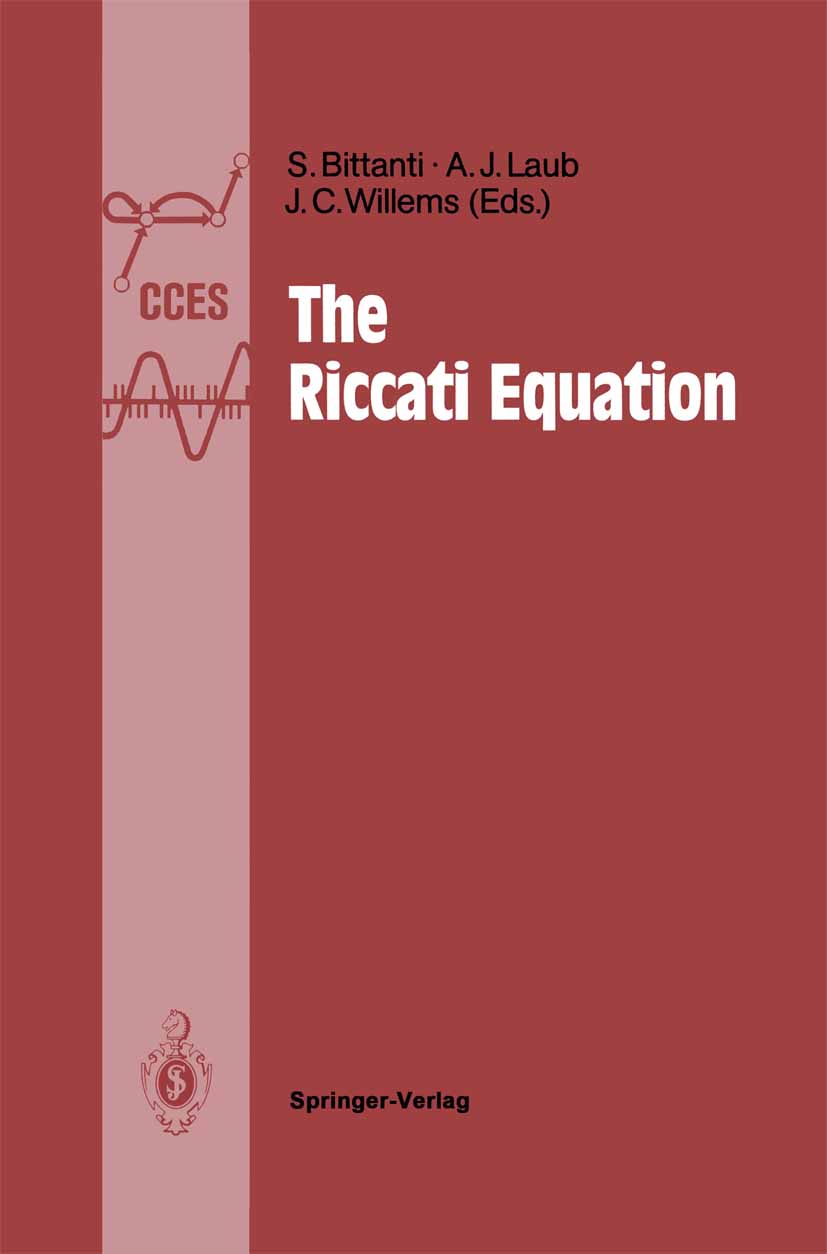
The Riccati Equation Conceived by Count Jacopo Francesco Riccati more than a quarter of a millennium ago, the Riccati equation has been widely studied in the subsequent centuries. Since its introduction in control theory in the sixties, the matrix Riccati equation has known an impressive range of applications, such as optimal control, H? optimization and robust stabilization, stochastic realization, synthesis of linear passive networks, to name but a few. This book consists of 11 chapters surveying the main concepts and results related to the matrix Riccati equation, both in continuous and discrete time. Theory, applications and numerical algorithms are extensively presented in an expository way. As a foreword, the history and prehistory of the Riccati equation is concisely presented. TECHNOLOGY & ENGINEERING,Automation
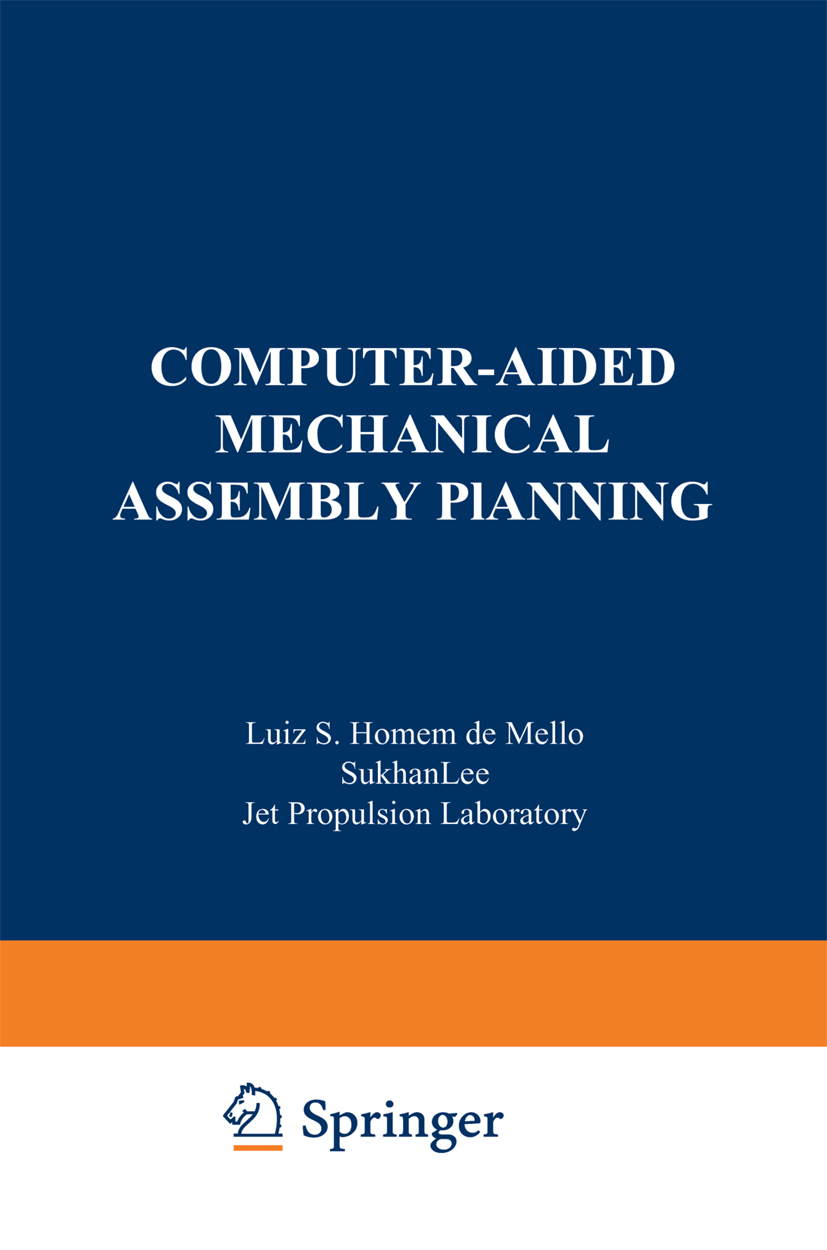
Computer-Aided Mechanical Assembly Planning Some twenty years have elapsed since the first attempts at planning were made by researchers in artificial intelligence. These early programs concentrated on the development of plans for the solution of puzzles or toy problems, like the rearrangement of stacks of blocks. These early programs provided the foundation for the work described in this book, the automatic generation of plans for industrial assembly. As one reads about the complex and sophisticated planners in the current gen eration, it is important to keep in mind that they are addressing real-world problems. Although these systems may become the "toy" systems of tomor row, they are providing a solid foundation for future, more general and more advanced planning tools. As demonstrated by the papers in this book, the field of computer-aided mechanical assembly planning is maturing. It now may include: • geometric descriptions of parts extracted from or compatible with CAD programs; • constraints related to part interference and the use of tools; • fixtures and jigs required for the assembly; • the nature of connectors, matings and other relations between parts; • number of turnovers required during the assembly; • handling and gripping requirements for various parts; • automatic identification of subassemblies. This is not an exhaustive list, but it serves to illustrate the complexity of some of the issues which are discussed in this book. Such issues must be considered in the design of the modern planners, as they produce desirable assembly sequences and precedence relations for assembly. TECHNOLOGY & ENGINEERING,Automation
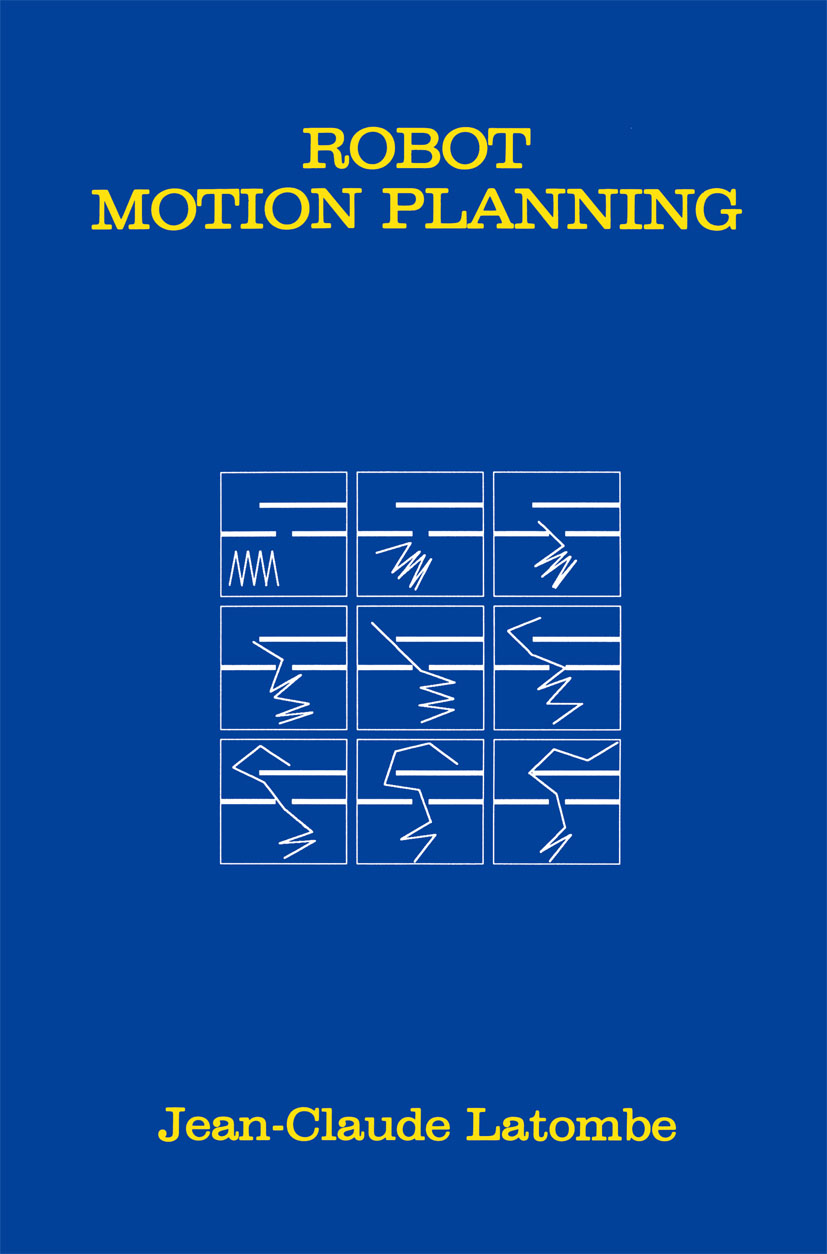
Robot Motion Planning One of the ultimate goals in Robotics is to create autonomous robots. Such robots will accept high-level descriptions of tasks and will execute them without further human intervention. The input descriptions will specify what the user wants done rather than how to do it. The robots will be any kind of versatile mechanical device equipped with actuators and sensors under the control of a computing system. Making progress toward autonomous robots is of major practical inter est in a wide variety of application domains including manufacturing, construction, waste management, space exploration, undersea work, as sistance for the disabled, and medical surgery. It is also of great technical interest, especially for Computer Science, because it raises challenging and rich computational issues from which new concepts of broad useful ness are likely to emerge. Developing the technologies necessary for autonomous robots is a formidable undertaking with deep interweaved ramifications in auto mated reasoning, perception and control. It raises many important prob lems. One of them - motion planning - is the central theme of this book. It can be loosely stated as follows: How can a robot decide what motions to perform in order to achieve goal arrangements of physical objects? This capability is eminently necessary since, by definition, a robot accomplishes tasks by moving in the real world. The minimum one would expect from an autonomous robot is the ability to plan its x Preface own motions. TECHNOLOGY & ENGINEERING,Automation

Dynamic Analysis of Robot Manipulators The purpose of this monograph is to present computationally efficient algorithms for solving basic problems in robot manipulator dynamics. In par ticular, the following problems of rigid-link open-chain manipulator dynam ics are considered : i) computation of inverse dynamics, ii) computation of forward dynamics, and iii) generation of linearized dynamic models. Com putationally efficient solutions of these problems are prerequisites for real time robot applications and simulations. Cartesian tensor analysis is the mathematical foundation on which the above mentioned computational algorithms are based. In particular, it is shown in this monograph that by exploiting the relationships between second order Cartesian tensors and their vector invariants, a number of new tensor vector identities can be obtained. These identities enrich the theory of Carte sian tensors and allow us to manipulate complex Cartesian tensor equations effuctively. Moreover, based on these identities the classical vector descrip tion for the Newton-Euler equations of rigid body motion are rewritten in an equivalent tensor formulation which is shown to have computational advan tages over the classical vector formulation. Thus, based on Cartesian tensor analysis, a conceptually simple, easy to implement and computationally efficient tensor methodology is presented in this monograph for studying classical rigid body dynamics. XlI Application of this tensor methodology to the dynamic analysis of rigid-link open-chain robot manipulators is simple and leads to an efficient fonnulation of the dynamic equations of motion. TECHNOLOGY & ENGINEERING,Automation
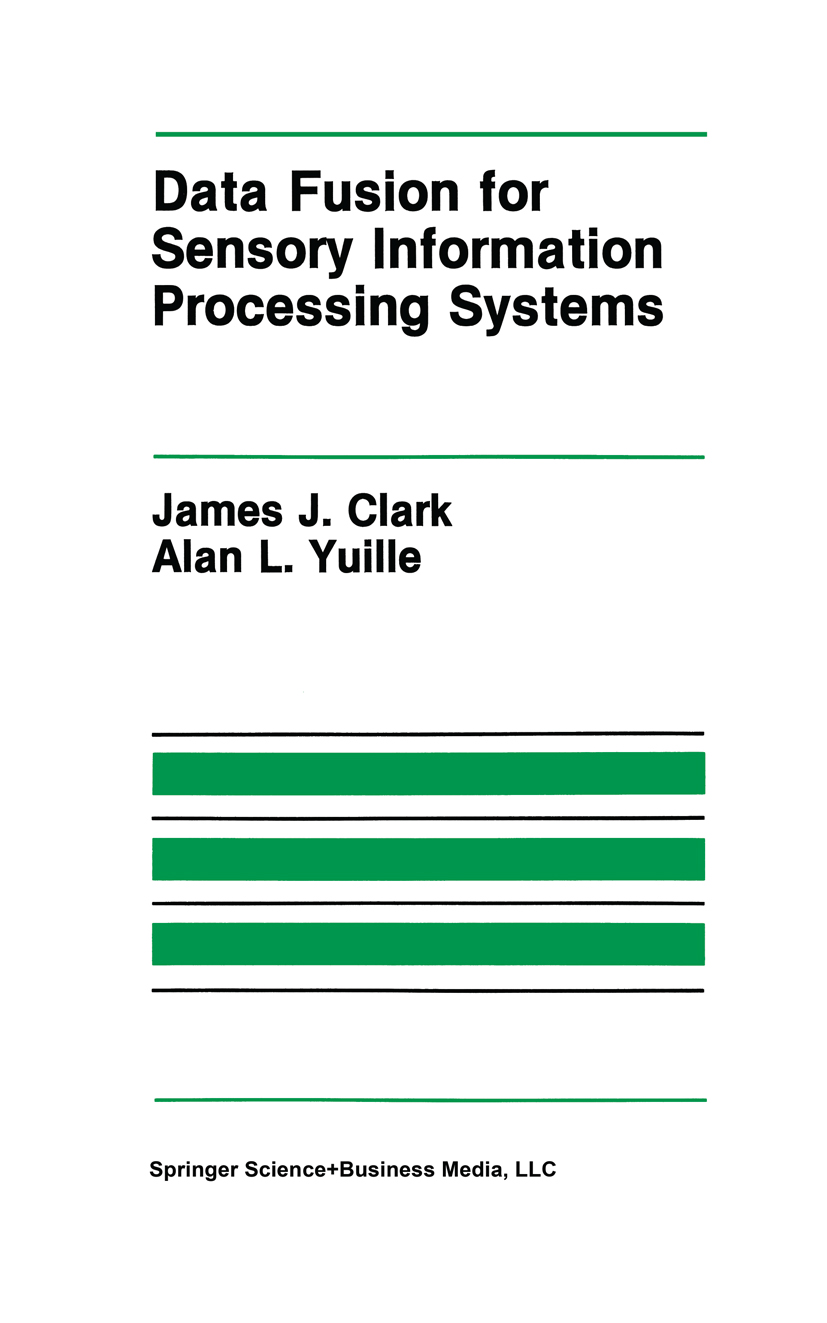
Data Fusion for Sensory Information Processing Systems The science associated with the development of artificial sen sory systems is occupied primarily with determining how information about the world can be extracted from sensory data. For example, computational vision is, for the most part, concerned with the de velopment of algorithms for distilling information about the world and recognition of various objects in the environ (e. g. localization ment) from visual images (e. g. photographs or video frames). There are often a multitude of ways in which a specific piece of informa tion about the world can be obtained from sensory data. A subarea of research into sensory systems has arisen which is concerned with methods for combining these various information sources. This field is known as data fusion, or sensor fusion. The literature on data fusion is extensive, indicating the intense interest in this topic, but is quite chaotic. There are no accepted approaches, save for a few special cases, and many of the best methods are ad hoc. This book represents our attempt at providing a mathematical foundation upon which data fusion algorithms can be constructed and analyzed. The methodology that we present in this text is mo tivated by a strong belief in the importance of constraints in sensory information processing systems. In our view, data fusion is best un derstood as the embedding of multiple constraints on the solution to a sensory information processing problem into the solution pro cess. TECHNOLOGY & ENGINEERING,Automation
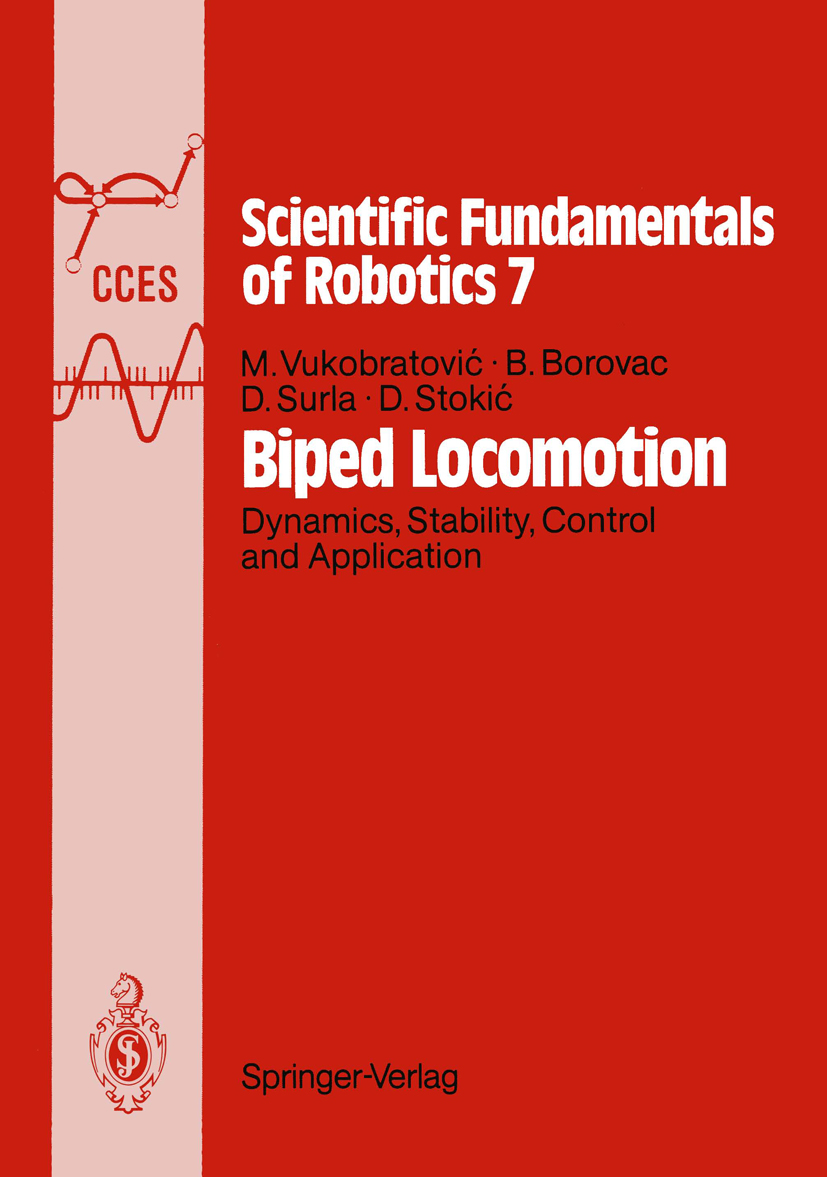
Biped Locomotion Here for the first time in one book is a comprehensive and systematic approach to the dynamic modeling and control of biped locomotion robots. A survey is included of various approaches to the control of biped robots, and a new approach to the control of biped systems based on a complete dynamic model is presented in detail. The stability of complete biped system is presented for the first time as a highly nonlinear dynamic system. Also included is new software for the synthesis of a dynamically stable walk for arbitrary biped systems, presented here for the first time. A survey of various realizations of biped systems and numerous numerical examples are given. The reader is given a deep insight into the entire area of biped locomotion. The book covers all relevant approaches to the subject and gives the most complete account to date of dynamic modeling, control and realizations of biped systems. TECHNOLOGY & ENGINEERING,Automation
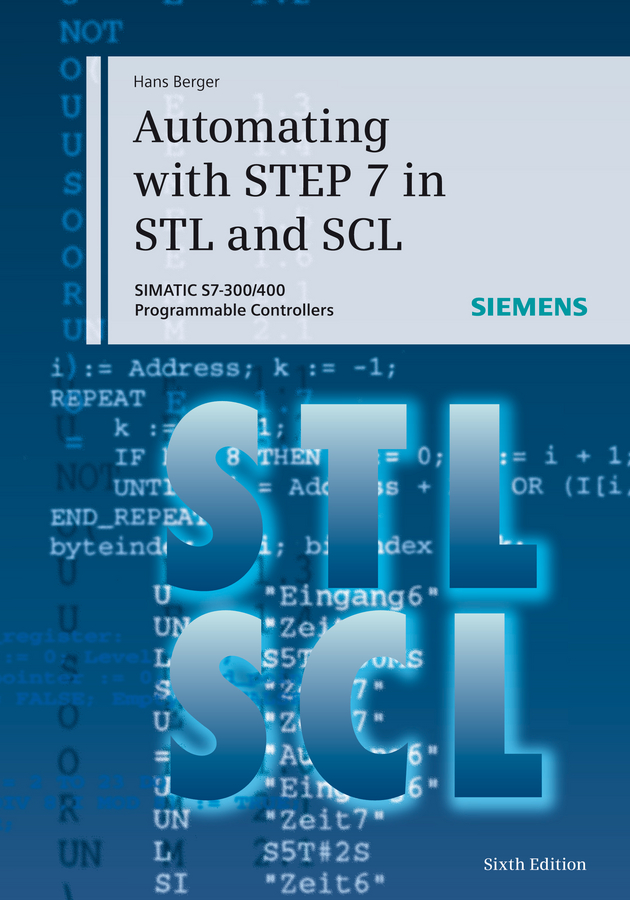
Automating with STEP 7 in STL and SCL SIMATIC is the worldwide established automation system for implementing industrial control systems for machines, manufacturing plants and industrial processes. Relevant open-loop and closed-loop control tasks are formulated in various programming languages with the programming software STEP 7. Now in its sixth edition, this book gives an introduction into the latest version of engineering software STEP 7 (basic version) . It describes elements and applications of text-oriented programming languages statement list (STL) and structured control language (SCL) for use with both SIMATIC S7-300 and SIMATIC S7-400, including the new applications with PROFINET and for communication over industrial Ethernet. It is aimed at all users of SIMATIC S7 controllers. First-time users are introduced to the field of programmable controllers, while advanced users learn about specific applications of the SIMATIC S7 automation system. All programming examples found in the book - and even a few extra examples - are available at the download area of the publisher's website. TECHNOLOGY & ENGINEERING,Automation
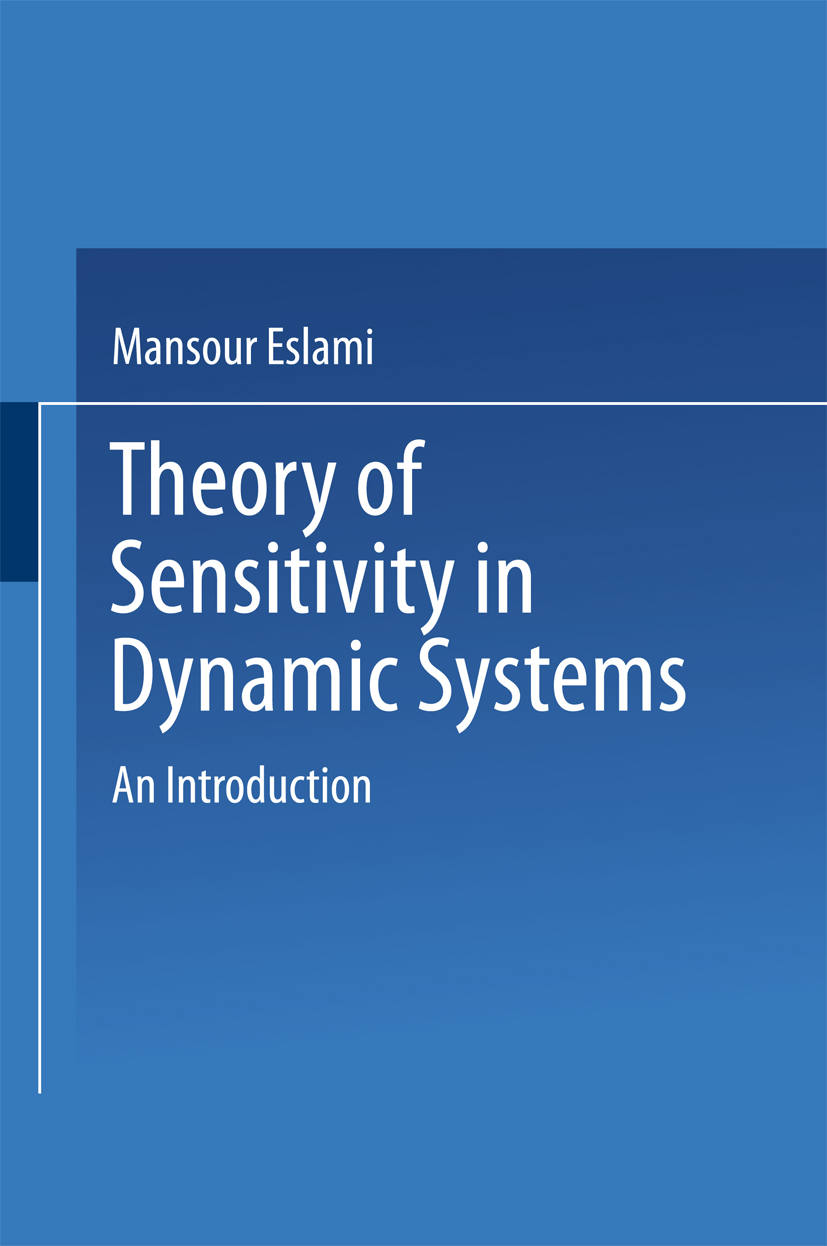
Theory of Sensitivity in Dynamic Systems This book provides a comprehensive treatment of the development and present state of the theory of sensitivity of dynamic systems.It is intended as a textbook and reference for researchers and scientists in electrical engineering, control and information theory as well as for mathematicians. The extensive and structured bibliography provides an overview of the literature in the field and points out directions for further research. TECHNOLOGY & ENGINEERING,Automation

Instrumentation Systems Instrumentation technology is vitally important today sinceit supports the automation of a wide range of manufacturingfactories, the chemical industryand electrical power gene-ration facilities. Engineers who are active in these and ot-her fields need the technical information and support provi-ded by this comprehensive text. Modern instrumentation tech-nology is a constantly-changing kaleidoscope of technologi-cal progress that is keeping pace with the entire field ofmicro-electronics. This is necessary to keep up with theprogress evident in the industries that it supports. As aresult, the traditional technology of industrial instrumentshas evolved into one of comprehensive instrumentation sy-stems for an entire factory or plant. This state-of-the-artbook is a handy, single-source reference for information re-quired by engineers in the instrumentation business. TECHNOLOGY & ENGINEERING,Automation
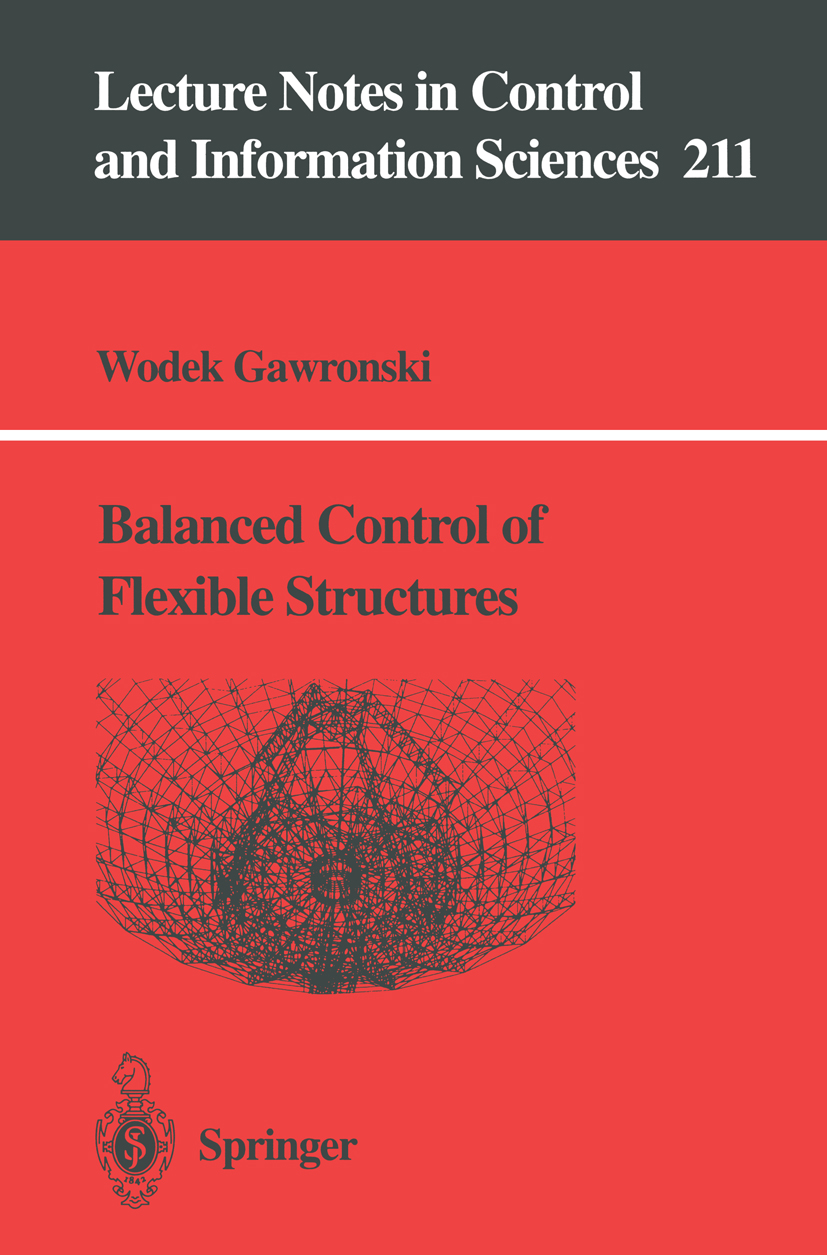
Balanced Control of Flexible Structures Methods of structural control and dynamics are introduced in this book. These include reduction of large structural models by balanced truncation, placement of actuators and sensors for dynamic testing and control, structural identification of the minimum-order balanced representation, balanced dissipative controller design, balanced LQG and H( controller designs with the closed-form relationships between controller parameters and system performance, and controller reduction methods that preserve the closed-loop performance. The book explores the unique properties of flexible structures to obtain efficient methods of dynamic analysis and controller design. The presented methods of structural dynamics, identification, sensor/actuator placement, and passive, LQG and H( controller design have been checked both with simulations and industrial implementations. TECHNOLOGY & ENGINEERING,Automation
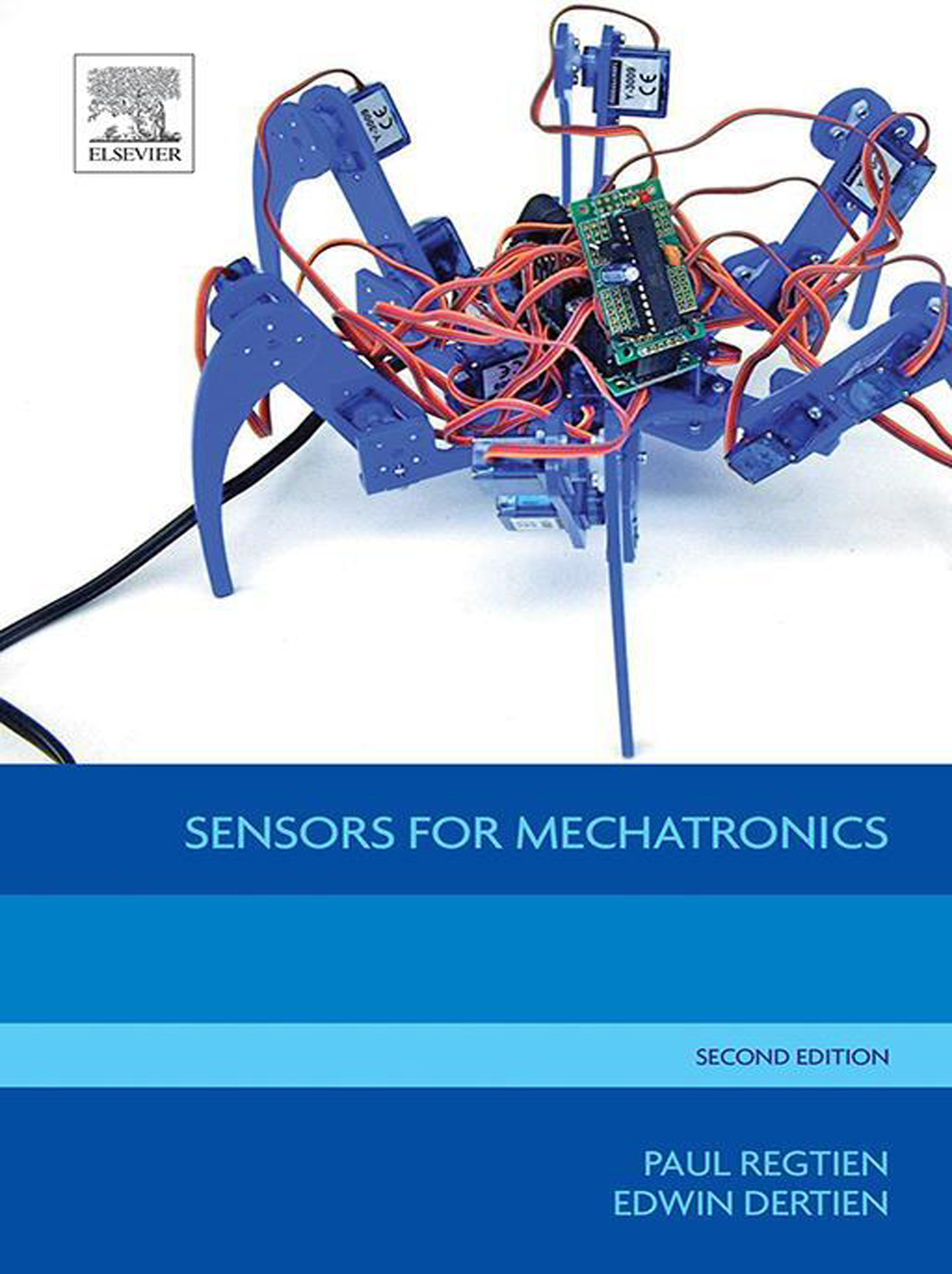
Sensors for Mechatronics Sensors for Mechatronics, Second Edition, offers an overview of the sensors and sensor systems required and applied in mechatronics. Emphasis lies on the physical background of the operating principles that is illustrated with examples of commercially available sensors and recent developments. Chapters discuss the general aspects of sensors, with a special section on quantities, notations and relations. In addition, the book includes a section devoted to sensor errors and error minimization that apply to most of the sensors discussed. Each subsequent chapter deals with one class of sensors, pursuing a classification according to physical principles rather than measurands. Categories discussed include resistive, capacitive, inductive and magnetic, optical, piezoelectric and acoustic sensors. For each category of sensors, a number of applications is given. Where appropriate, a section is added on the interfacing of the sensor. Presents a fully revised, updated edition that focuses on industrial applications Provides comprehensive coverage of a wide variety of sensor concepts and basic measurement configurations Written by a recognized expert in the field with extensive experience in industry and teaching Suitable for practicing engineers and those wanting to learn more about sensors in mechatronics TECHNOLOGY & ENGINEERING,Automation
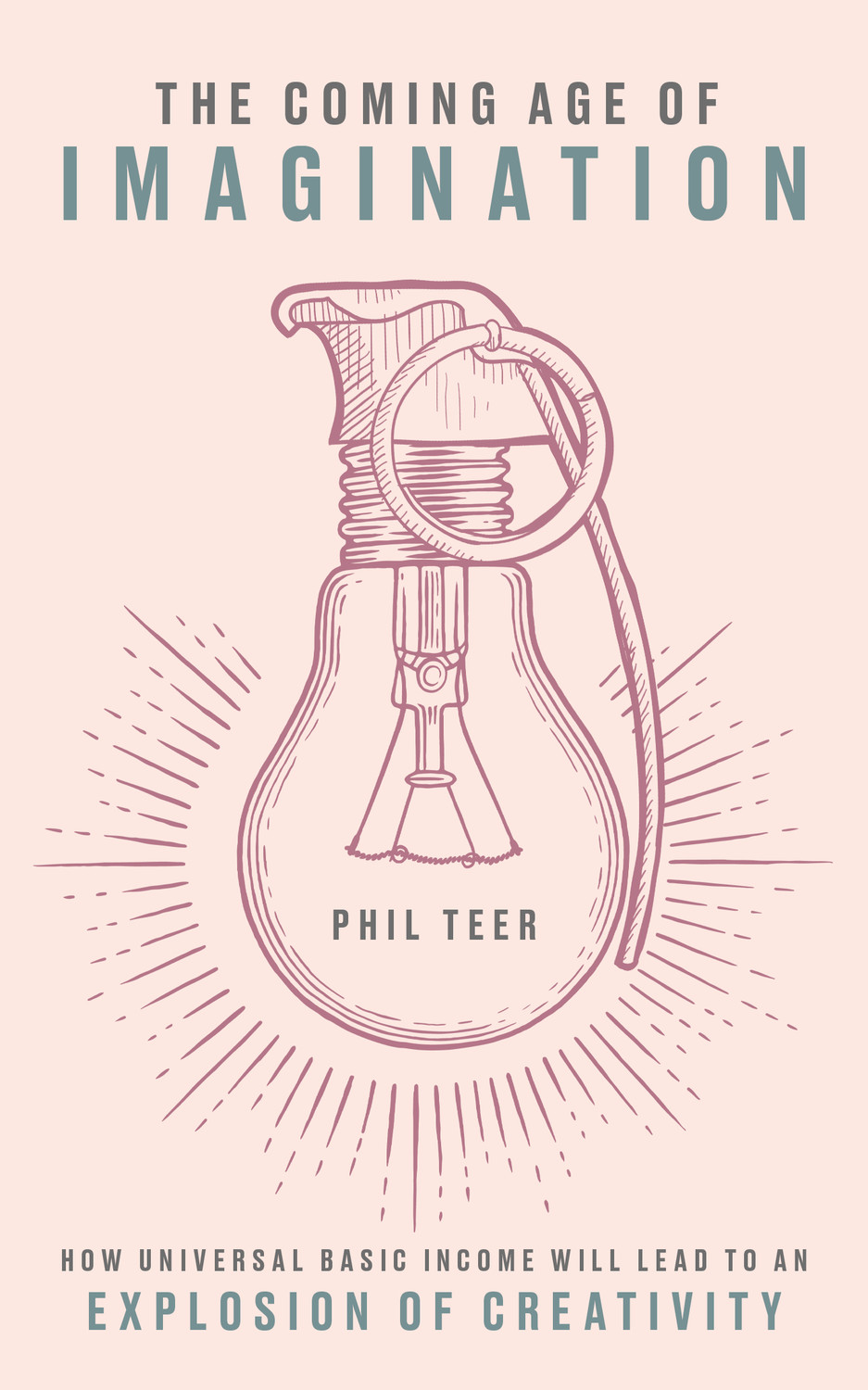
The Coming Age of Imagination Every adult paid a living wage, no strings attached: how basic income will give us the opportunity to be creative on a mass scale TECHNOLOGY & ENGINEERING,Automation
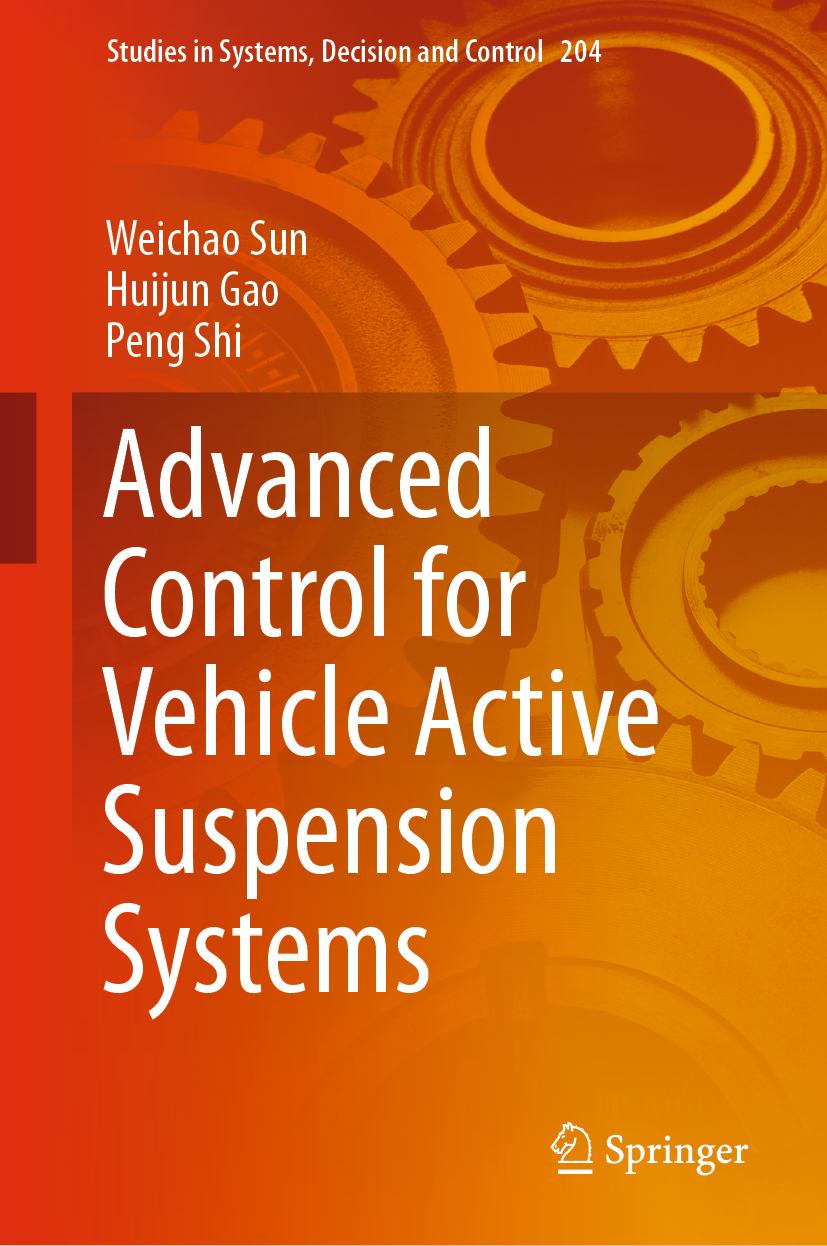
Advanced Control for Vehicle Active Suspension Systems This book focuses on most recent theoretical ï¬ndings on control issues for active suspension systems. The authors first introduce the theoretical background of active suspension control, then present constrained H∞ control approaches of active suspension systems in the entire frequency domain, focusing on the state feedback and dynamic output feedback controller in the ï¬nite frequency domain which people are most sensitive to. The book also contains nonlinear constrained tracking control via terminal sliding-mode control and adaptive robust theory, presenting controller design of active suspensions as well as the reliability control of active suspension systems. The target audience primarily comprises research experts in control theory, but the book may also be beneficial for graduate students alike. TECHNOLOGY & ENGINEERING,Automation

Piezoelectric Actuators Piezoelectric Actuators: Vector Control Method: Base, Modeling and Mechatronic Design of Ultrasonic Devices guides researchers and engineers through the process of implementing the vector control method (VCM) in their systems. The book presents which measurements can be made, how to visualize a variable as a rotating vector, about the angular position of the rotating reference frame, how to calculate the parameters of the controllers, and how to observe key variables. Additionally, the book focuses on the modeling of PE ultrasonic transducers and investigates the energy conversion process in an ultrasonic transducer. Presents the fundamentals of the VCM at a basic level for researchers and practitioners who are new to the field Simulates several MATLAB and Simulink examples for deeper learning of the subject Presents the application to several test cases, with actual measurements obtained on experimental test benches Describes practical implementations of the method TECHNOLOGY & ENGINEERING,Automation
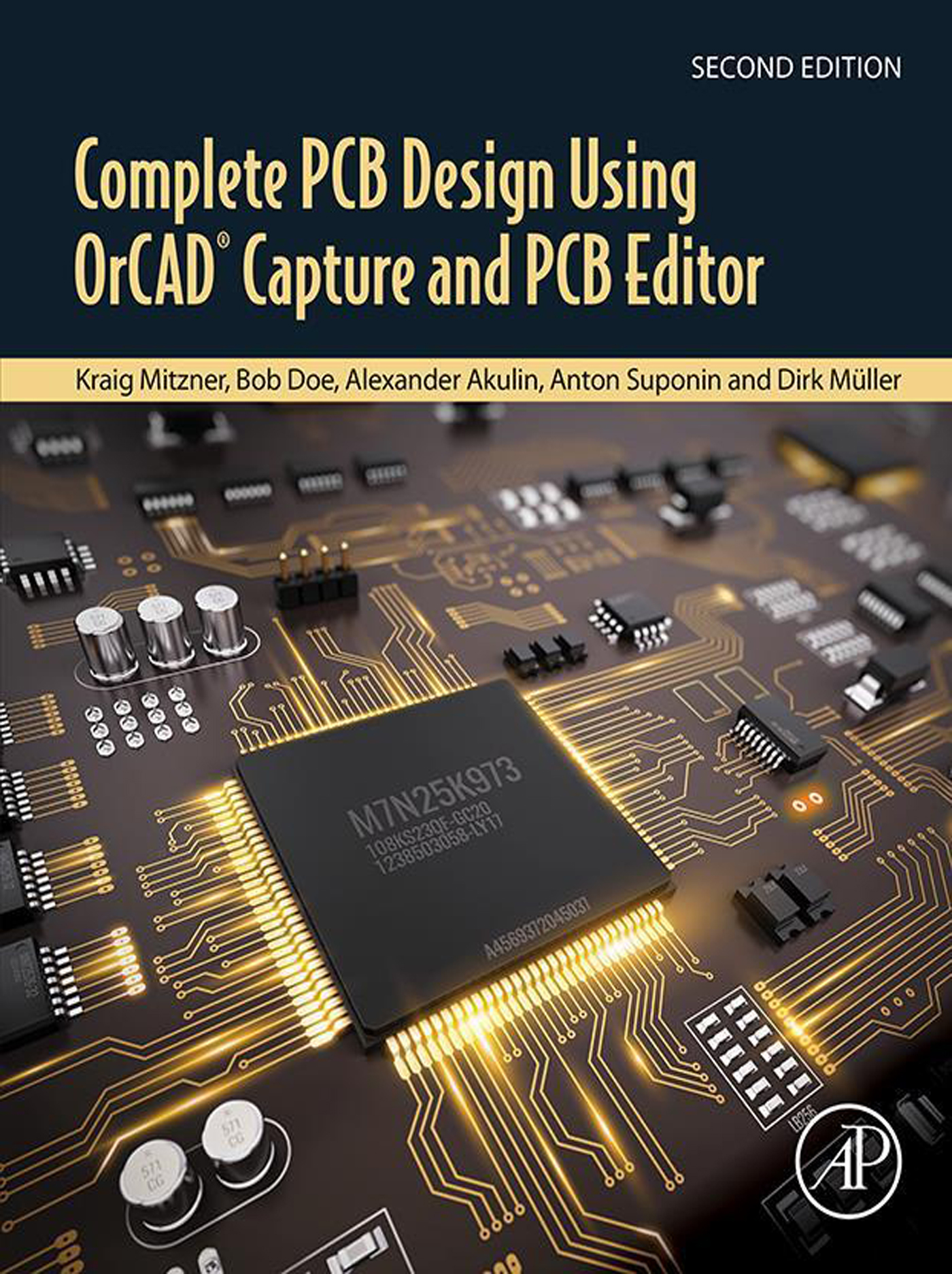
Complete PCB Design Using OrCAD Capture and PCB Editor Complete PCB Design Using OrCAD Capture and PCB Editor, Second Edition, provides practical instruction on how to use the OrCAD design suite to design and manufacture printed circuit boards. Chapters cover how to Design a PCB using OrCAD Capture and OrCAD Layout, adding PSpice simulation capabilities to a design, how to develop custom schematic parts, how to create footprints and PSpice models, and how to perform documentation, simulation and board fabrication from the same schematic design. This book is suitable for both beginners and experienced designers, providing basic principles and the program's full capabilities for optimizing designs. Companion site https://www.elsevier.com/books-and-journals/book-companion/9780128176849 Presents a fully updated edition on OrCAD Capture, Version 17.2 Combines the theoretical and practical parts of PCB design Includes real-life design examples that show how and why designs work, providing a comprehensive toolset for understanding OrCAD software Provides the exact order in which a circuit and PCB are designed Introduces the IPC, JEDEC and IEEE standards relating to PCB design TECHNOLOGY & ENGINEERING,Automation
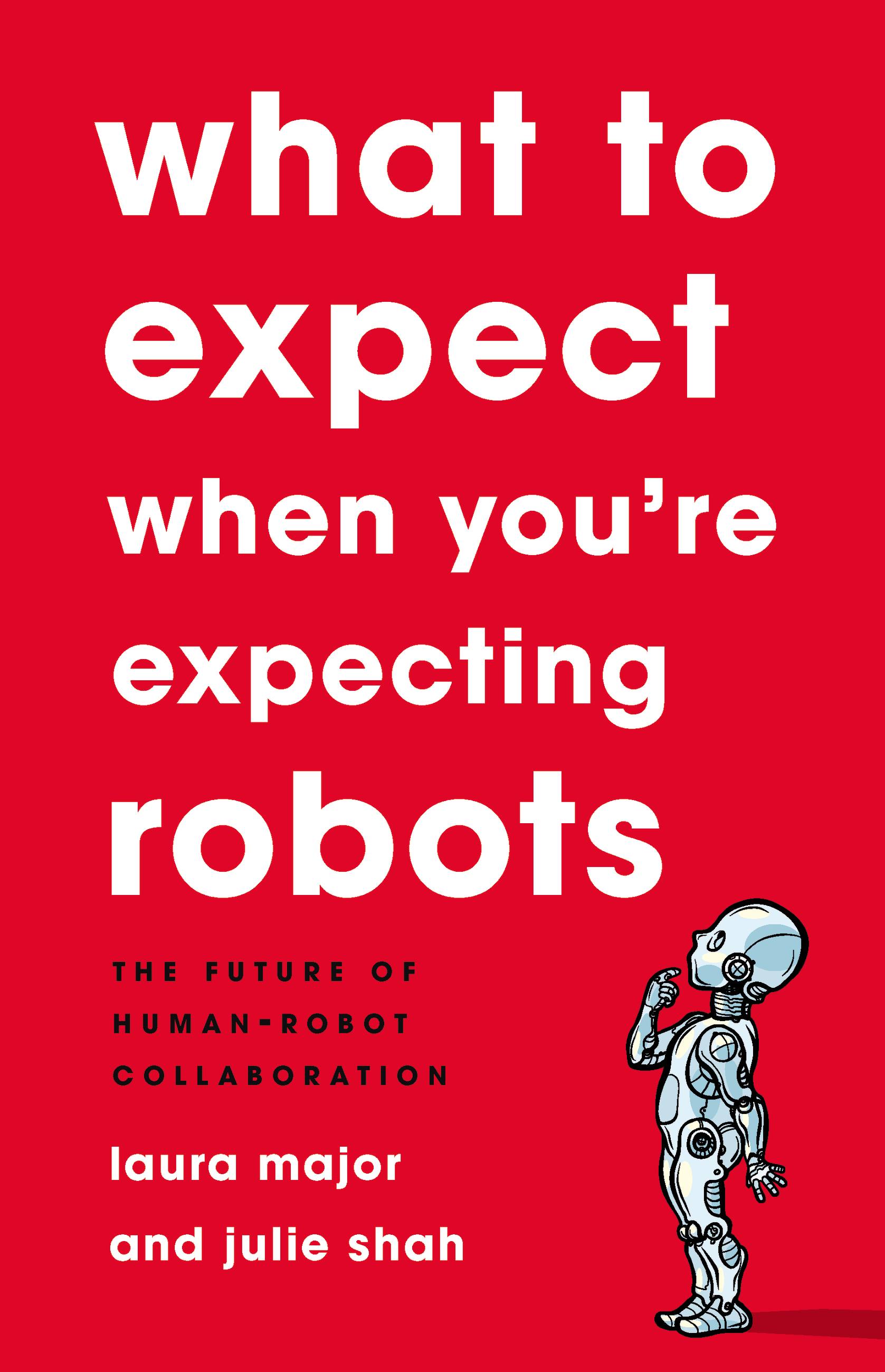
What To Expect When You're Expecting Robots The next generation of robots will be truly social, but can we make sure that they play well in the sandbox? Most robots are just tools. They do limited sets of tasks subject to constant human control. But a new type of robot is coming. These machines will operate on their own in busy, unpredictable public spaces. They'll ferry deliveries, manage emergency rooms, even grocery shop. Such systems could be truly collaborative, accomplishing tasks we don't do well without our having to stop and direct them. This makes them social entities, so, as robot designers Laura Major and Julie Shah argue, whether they make our lives better or worse is a matter of whether they know how to behave. What to Expect When You're Expecting Robots offers a vision for how robots can survive in the real world and how they will change our relationship to technology. From teaching them manners, to robot-proofing public spaces, to planning for their mistakes, this book answers every question you didn't know you needed to ask about the robots on the way. TECHNOLOGY & ENGINEERING,Automation
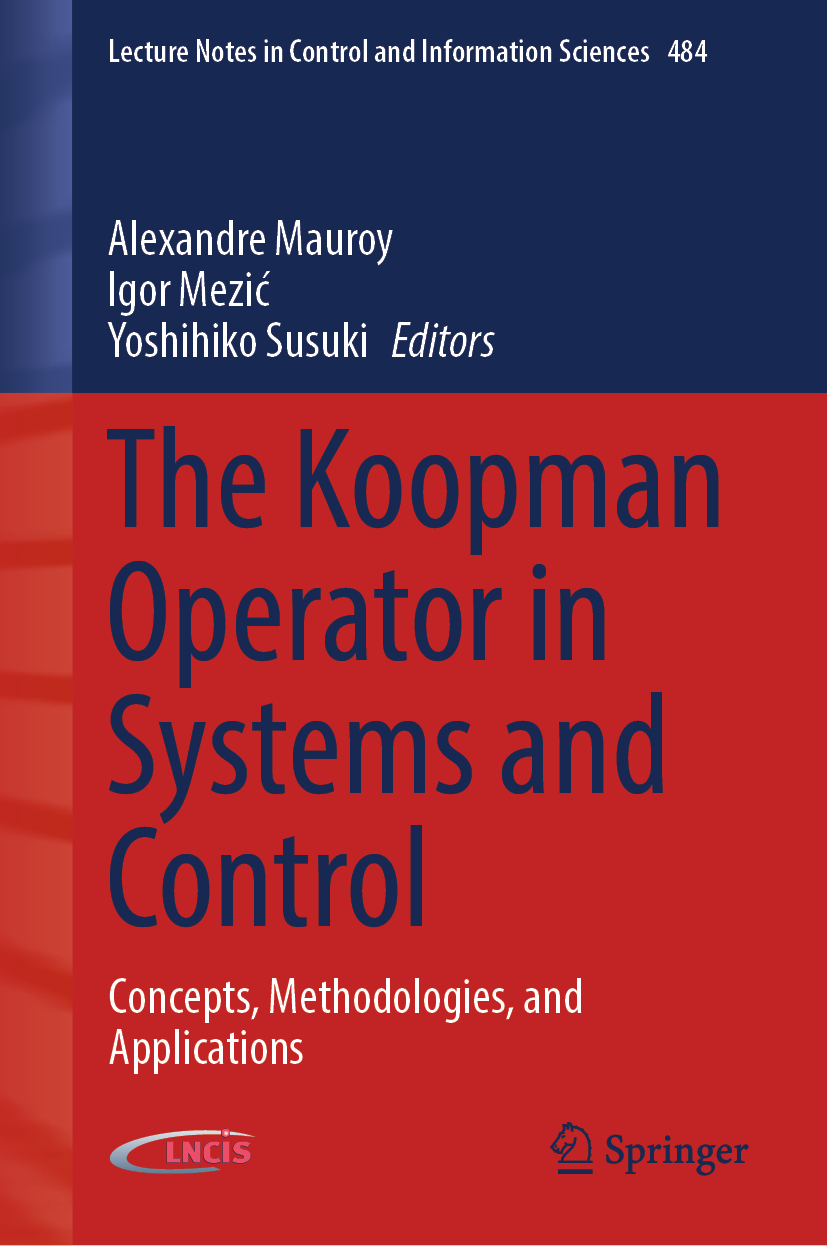
The Koopman Operator in Systems and Control This book provides a broad overview of state-of-the-art research at the intersection of the Koopman operator theory and control theory. It also reviews novel theoretical results obtained and efficient numerical methods developed within the framework of Koopman operator theory. The contributions discuss the latest findings and techniques in several areas of control theory, including model predictive control, optimal control, observer design, systems identification and structural analysis of controlled systems, addressing both theoretical and numerical aspects and presenting open research directions, as well as detailed numerical schemes and data-driven methods. Each contribution addresses a specific problem. After a brief introduction of the Koopman operator framework, including basic notions and definitions, the book explores numerical methods, such as the dynamic mode decomposition (DMD) algorithm and Arnoldi-based methods, which are used to represent the operator in a finite-dimensional basis and to compute its spectral properties from data. The main body of the book is divided into three parts: theoretical results and numerical techniques for observer design, synthesis analysis, stability analysis, parameter estimation, and identification; data-driven techniques based on DMD, which extract the spectral properties of the Koopman operator from data for the structural analysis of controlled systems; and Koopman operator techniques with specific applications in systems and control, which range from heat transfer analysis to robot control. A useful reference resource on the Koopman operator theory for control theorists and practitioners, the book is also of interest to graduate students, researchers, and engineers looking for an introduction to a novel and comprehensive approach to systems and control, from pure theory to data-driven methods. TECHNOLOGY & ENGINEERING,Automation

Towards Analytical Techniques for Systems Engineering Applications This book is intended for specialists in systems engineering interested in new, general techniques and for students and practitioners interested in using these techniques for solving specific practical problems. For many real-world, complex systems, it is possible to create easy-to-compute explicit analytical models instead of time-consuming computer simulations. Usually, however, analytical models are designed on a case-by-case basis, and there is a scarcity of general techniques for designing such easy-to-compute models. This book fills this gap by providing general recommendations for using analytical techniques in all stages of system design, implementation, testing, and monitoring. It also illustrates these recommendations using applications in various domains, such as more traditional engineering systems, biological systems (e.g., systems for cattle management), and medical and social-related systems (e.g., recommender systems). TECHNOLOGY & ENGINEERING,Automation

Neural Control of Renewable Electrical Power Systems This book presents advanced control techniques that use neural networks to deal with grid disturbances in the context renewable energy sources, and to enhance low-voltage ride-through capacity, which is a vital in terms of ensuring that the integration of distributed energy resources into the electrical power network. It presents modern control algorithms based on neural identification for different renewable energy sources, such as wind power, which uses doubly-fed induction generators, solar power, and battery banks for storage. It then discusses the use of the proposed controllers to track doubly-fed induction generator dynamics references: DC voltage, grid power factor, and stator active and reactive power, and the use of simulations to validate their performance. Further, it addresses methods of testing low-voltage ride-through capacity enhancement in the presence of grid disturbances, as well as the experimental validation of the controllers under both normal and abnormal grid conditions. The book then describes how the proposed control schemes are extended to control a grid-connected microgrid, and the use of an IEEE 9-bus system to evaluate their performance and response in the presence of grid disturbances. Lastly, it examines the real-time simulation of the entire system under normal and abnormal conditions using an Opal-RT simulator. TECHNOLOGY & ENGINEERING,Automation
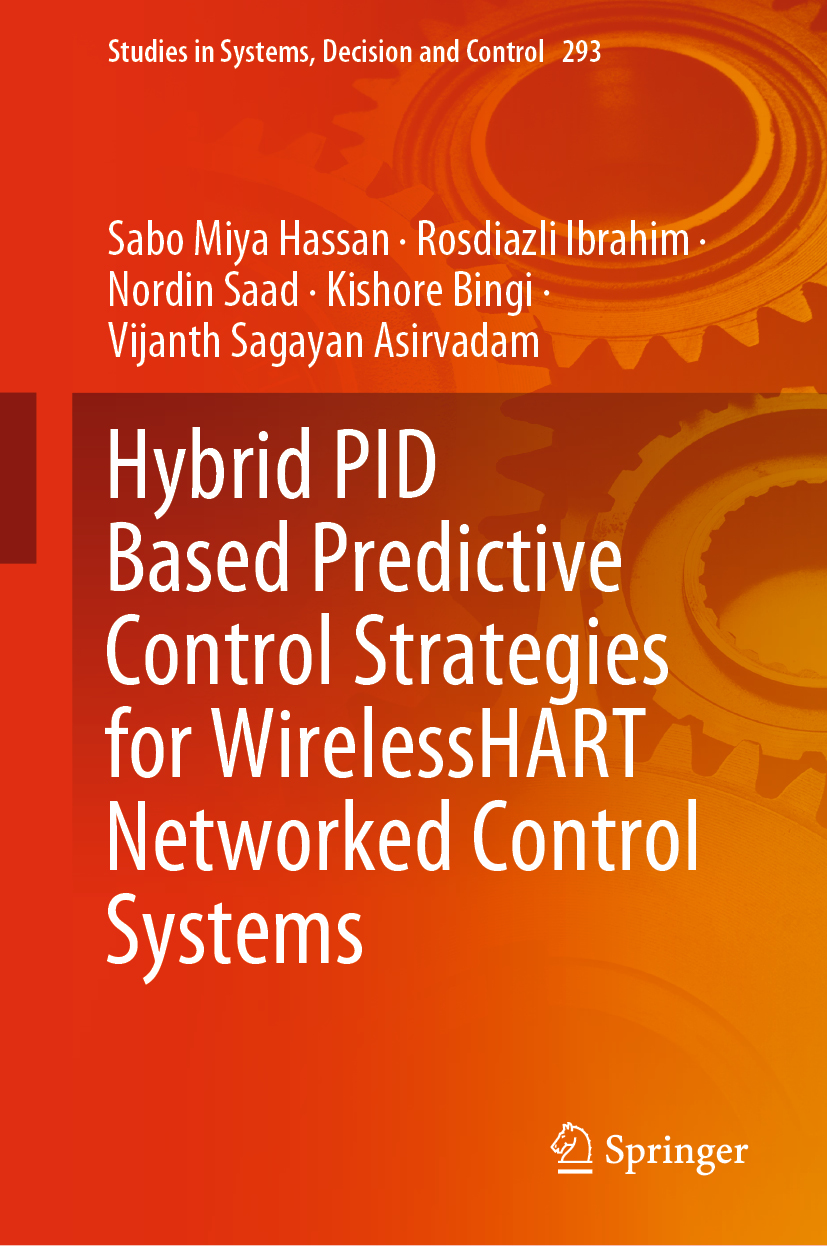
Hybrid PID Based Predictive Control Strategies for WirelessHART Networked Control Systems Recent advances in wireless technology have led to the emergence of industry standards such as WirelessHART. These strategies minimise the need for cumbersome cabling, thereby reducing costs. However, applying them involves the challenge of handling stochastic network delays, which can degrade control performance. To address this problem, commonly used simple PID could be employed. However, PID suffers from gain range limitations when used in a delayed environment. Furthermore, model-based controllers are complex and require exact models of the process and systematic system identification for implementation. Therefore, to address these issues, the book proposes control strategies that retain the simplicity of PID in terms of ease of tuning and structure, while improving on the performance of the closed-loop system with regard to stochastic network delays and mismatches. Concretely, it proposes and discusses three strategies, namely: Setpoint Weighting (SW), Filtered Predictive PI (FPPI) and Optimal Fuzzy PID. In order to optimise some of these controllers, two novel hybrid optimisation algorithms combining the dynamism of the Bacterial Foraging Algorithm (BFA) and advantages of both the Spiral Dynamic Algorithm (SDA) and the Accelerated Particle Swarm Optimisation (APSO) have been used. The strategies proposed here can also be applied in stochastic control scenarios (not necessarily wireless) characterised by uncertainties. This book will be useful to engineers and researchers in both industry and academia. In industry, it will be particularly useful to research and development efforts where PID controllers and wireless sensor networks (WSNs) involving both short and long term stochastic network delay are employed. Thus, it can be used for real-time control design in these areas. In the academic setting, the book will be useful for researchers, undergraduate and graduate students of instrumentation and control. It can also be used as reference material for teaching courses on predictive and adaptive controls and their application. TECHNOLOGY & ENGINEERING,Automation
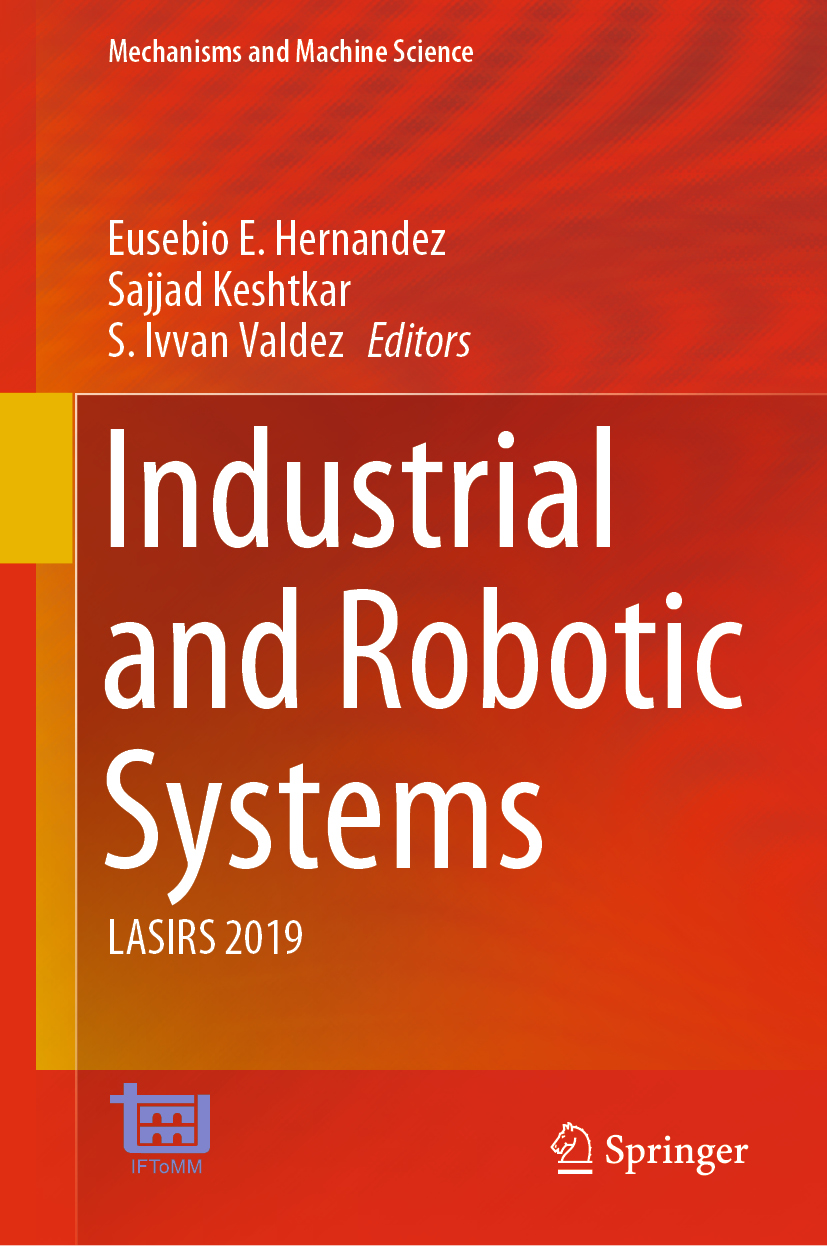
Industrial and Robotic Systems This volume gathers the latest advances, innovations, and applications in the field of robotics engineering, as presented by leading international researchers and engineers at the Latin American Symposium on Industrial and Robotic Systems (LASIRS), held in Tampico, Mexico on October-November 30-01 2019. The contributions cover all major areas of R&D and innovation in simulation, optimization, and control of robotics, such as design and optimization of robots using numerical and metaheuristic methods, autonomous and control systems, industrial compliance solutions, numerical simulations for manipulators and robots, metaheuristics applied to robotics problems, Industry 4.0, control and automation in petrochemical processes, simulation and control in aerospace and aeronautics, and education in robotics. The conference represented a unique platform to share the latest research and developments in simulation, control and optimization of robotic systems, and to promote cooperation among specialists in machine and mechanism area. TECHNOLOGY & ENGINEERING,Automation
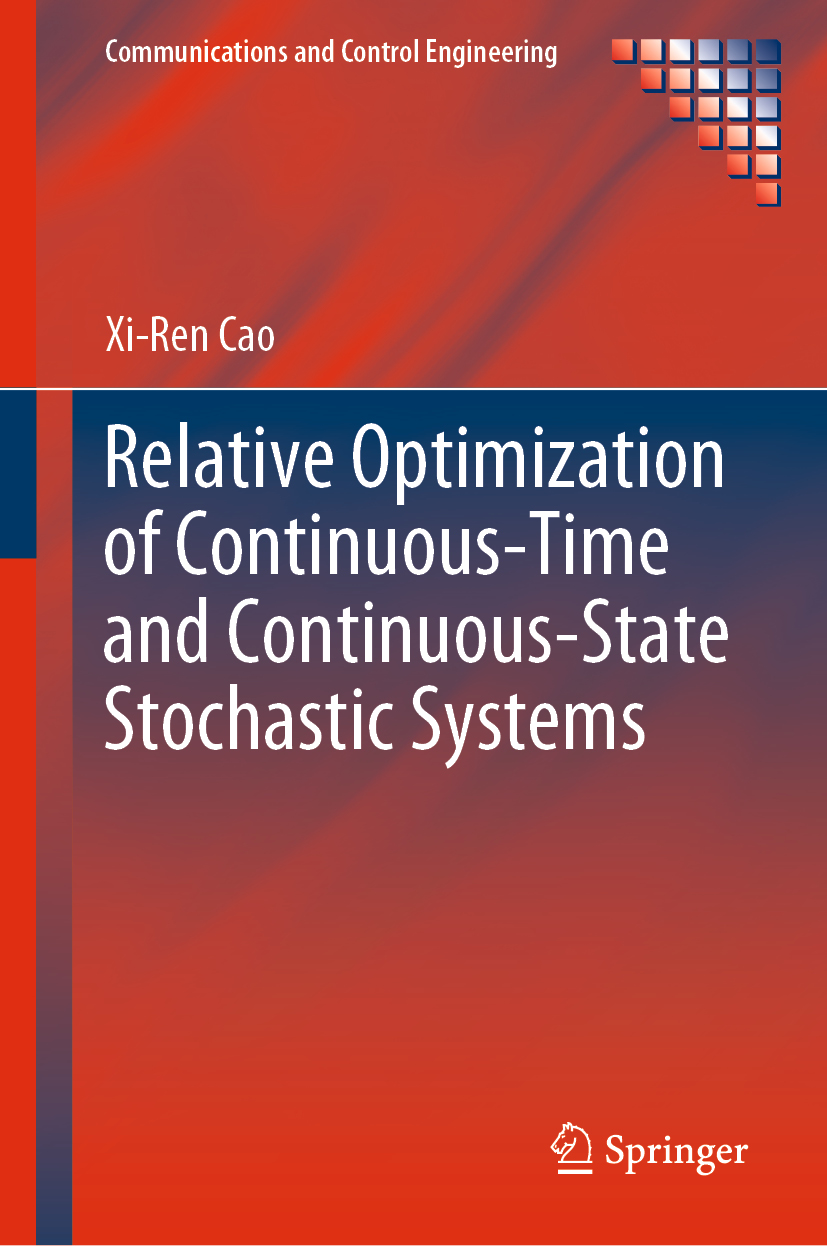
Relative Optimization of Continuous-Time and Continuous-State Stochastic Systems This monograph applies the relative optimization approach to time nonhomogeneous continuous-time and continuous-state dynamic systems. The approach is intuitively clear and does not require deep knowledge of the mathematics of partial differential equations. The topics covered have the following distinguishing features: long-run average with no under-selectivity, non-smooth value functions with no viscosity solutions, diffusion processes with degenerate points, multi-class optimization with state classification, and optimization with no dynamic programming. The book begins with an introduction to relative optimization, including a comparison with the traditional approach of dynamic programming. The text then studies the Markov process, focusing on infinite-horizon optimization problems, and moves on to discuss optimal control of diffusion processes with semi-smooth value functions and degenerate points, and optimization of multi-dimensional diffusion processes. The book concludes with a brief overview of performance derivative-based optimization. Among the more important novel considerations presented are: the extension of the Hamilton–Jacobi–Bellman optimality condition from smooth to semi-smooth value functions by derivation of explicit optimality conditions at semi-smooth points and application of this result to degenerate and reflected processes; proof of semi-smoothness of the value function at degenerate points; attention to the under-selectivity issue for the long-run average and bias optimality; discussion of state classification for time nonhomogeneous continuous processes and multi-class optimization; and development of the multi-dimensional Tanaka formula for semi-smooth functions and application of this formula to stochastic control of multi-dimensional systems with degenerate points. The book will be of interest to researchers and students in the field of stochastic control and performance optimization alike. TECHNOLOGY & ENGINEERING,Automation
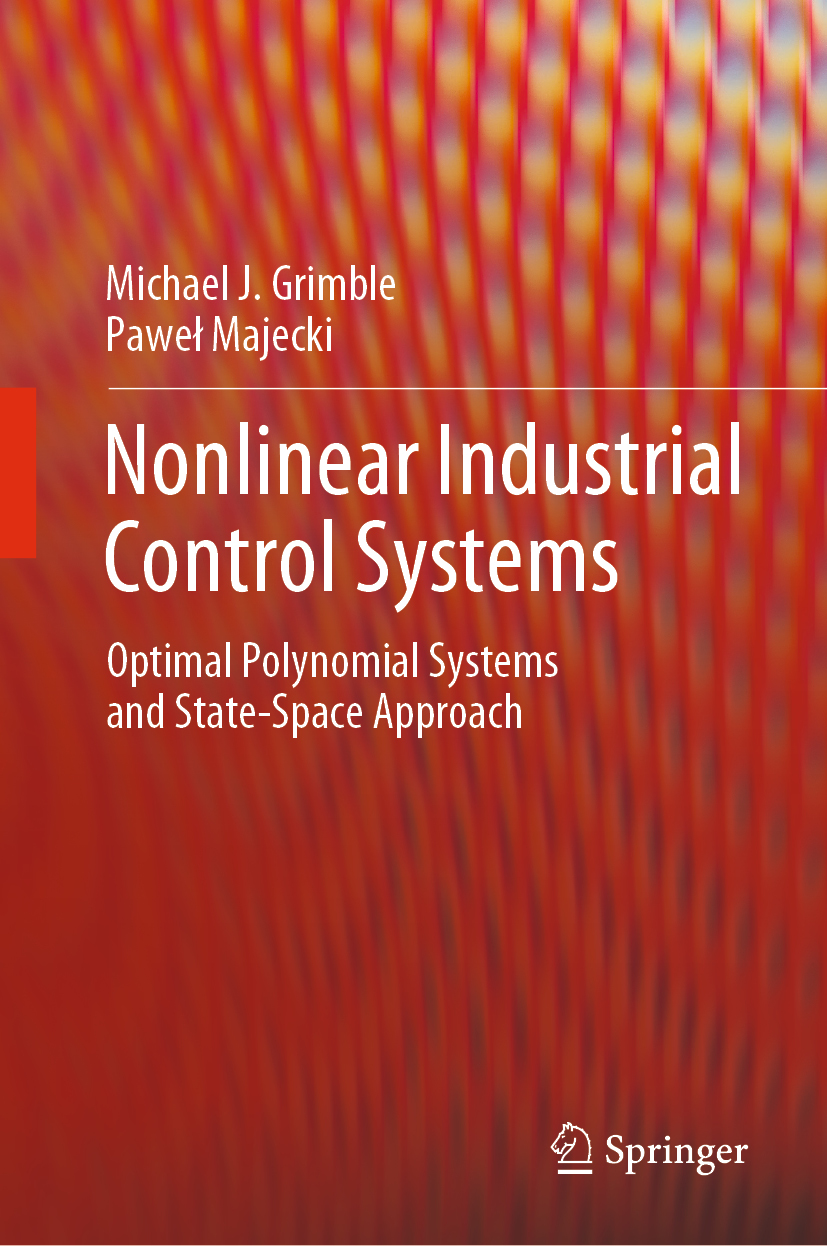
Nonlinear Industrial Control Systems Nonlinear Industrial Control presents a range of mostly optimisation-based methods for severely nonlinear systems; it discusses feedforward and feedback control and tracking control design. The design methods, supported by a MATLAB® toolbox (downloadable from www.springer.com/ISBN) enable both academic and industrial studies to be repeated and evaluated, taking into account practical constraints and implementation problems. Designed to use nonlinear control theory accessible to readers having only a background in linear systems, and to concentrate on real applications of nonlinear control, this book: • covers different ways of modelling nonlinear systems - state space, polynomial-operator-based solutions and state-dependent algorithms; • explains many design techniques for nonlinear control – generalised-minimum-variance-, quadratic-Gaussian, factorised-L2 , H-infinty - and predictive control; • demonstrates how its design philosophies are suitable for aerospace, automotive, marine, process-control and manufacturing applications; • illustrates steps in design procedure for coping with problems such as integral wind-up protection and robust control design with numerous design studies; • considers non-optimal nonlinear control techniques such as Smith predictors and feedback linearization. Nonlinear Industrial Control should be read by engineers in industry dealing with actual nonlinear systems. It will provide students with a comprehensive range of techniques for solving real nonlinear control design problems. TECHNOLOGY & ENGINEERING,Automation

Industrial Automation Technologies The book begins with an overview of automation history and followed by chapters on PLC, DCS, and SCADA –describing how such technologies have become synonymous in process instrumentation and control. The book then introduces the niche of Fieldbuses in process industries. It then goes on to discuss wireless communication in the automation sector and its applications in the industrial arena. The book also discusses theall-pervading IoT and its industrial cousin,IIoT, which is finding increasing applications in process automation and control domain. The last chapter introduces OPC technology which has strongly emerged as a defacto standard for interoperable data exchange between multi-vendor software applications and bridges the divide between heterogeneous automation worlds in a very effective way. Key features: Presents an overall industrial automation scenario as it evolved over the years Discusses the already established PLC, DCS, and SCADA in a thorough and lucid manner and their recent advancements Provides an insight into today’s industrial automation field Reviews Fieldbus communication and WSNs in the context of industrial communication Explores IIoT in process automation and control fields Introduces OPC which has already carved out a niche among industrial communication technologies with its seamless connectivity in a heterogeneous automation world Dr. Chanchal Dey is Associate Professor in the Department of Applied Physics, Instrumentation Engineering Section, University of Calcutta. He is a reviewer of IEEE, Elsevier, Springer, Acta Press, Sage, and Taylor & Francis Publishers. He has more than 80 papers in international journals and conference publications. His research interests include intelligent process control using conventional, fuzzy, and neuro-fuzzy techniques. Dr. Sunit Kumar Sen is an ex-professor, Department of Applied Physics, Instrumentation Engineering Section, University of Calcutta. He was a coordinator of two projects sponsored by AICTE and UGC, Government of India. He has published around70 papers in international and national journals and conferences and has published three books – the last one was published by CRC Press in 2014. He is a reviewer of Measurement, Elsevier. His field of interest is new designs of ADCs and DACs. TECHNOLOGY & ENGINEERING,Automation
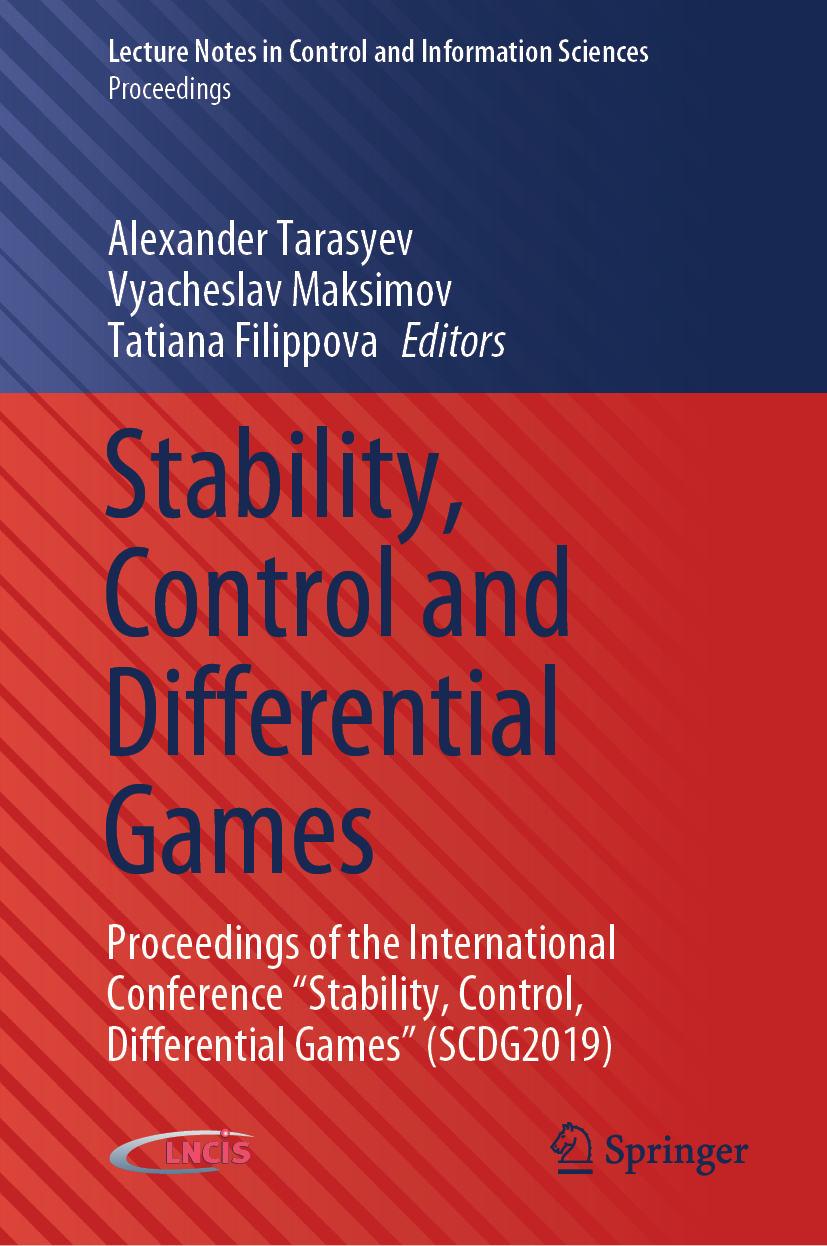
Stability, Control and Differential Games This book presents the proceedings of the International Conference “Stability, Control, Differential Games†(SCDG2019, September 16 – 20, 2019, Yekaterinburg, Russia), organized by the Krasovskii Institute of Mathematics and Mechanics of the Ural Branch of the Russian Academy of Sciences. Discussing the latest advances in the theory of optimal control, stability theory and differential games, it also demonstrates the application of new techniques and numerical algorithms to solve problems in robotics, mechatronics, power and energy systems, economics and ecology. Further, the book includes fundamental results in control theory, stability theory and differential games presented at the conference, as well as a number of chapters focusing on novel approaches in solving important applied problems in control and optimization. Lastly, it evaluates recent major accomplishments, and forecasts developments in various up-and-coming areas, such as hybrid systems, model predictive control, Hamilton–Jacobi equations and advanced estimation algorithms. TECHNOLOGY & ENGINEERING,Automation

Controller Design for Distributed Parameter Systems This book addresses controller and estimator design for systems that vary both spatially and in time: systems like fluid flow, acoustic noise and flexible structures. It includes coverage of the selection and placement of actuators and sensors for such distributed-parameter systems. The models for distributed parameter systems are coupled ordinary/partial differential equations. Approximations to the governing equations, often of very high order, are required and this complicates both controller design and optimization of the hardware locations. Control system and estimator performance depends not only on the controller/estimator design but also on the location of the hardware. In helping the reader choose the best location for actuators and sensors, the analysis provided in this book is crucial because neither intuition nor trial-and-error is foolproof, especially where multiple sensors and actuators are required, and moving hardware can be difficult and costly. The mechatronic approach advocated, in which controller design is integrated with actuator location, can lead to better performance without increased cost. Similarly, better estimation can be obtained with carefully placed sensors. The text shows how proper hardware placement varies depending on whether, disturbances are present, whether the response should be reduced to an initial condition or whether controllability and/or observability have to be optimized. This book is aimed at non-specialists interested in learning controller design for distributed-parameter systems and the material presented has been used for student teaching. The relevant basic systems theory is presented and followed by a description of controller synthesis using lumped approximations. Numerical algorithms useful for efficient implementation in real engineering systems and practical computational challenges are also described and discussed. TECHNOLOGY & ENGINEERING,Automation
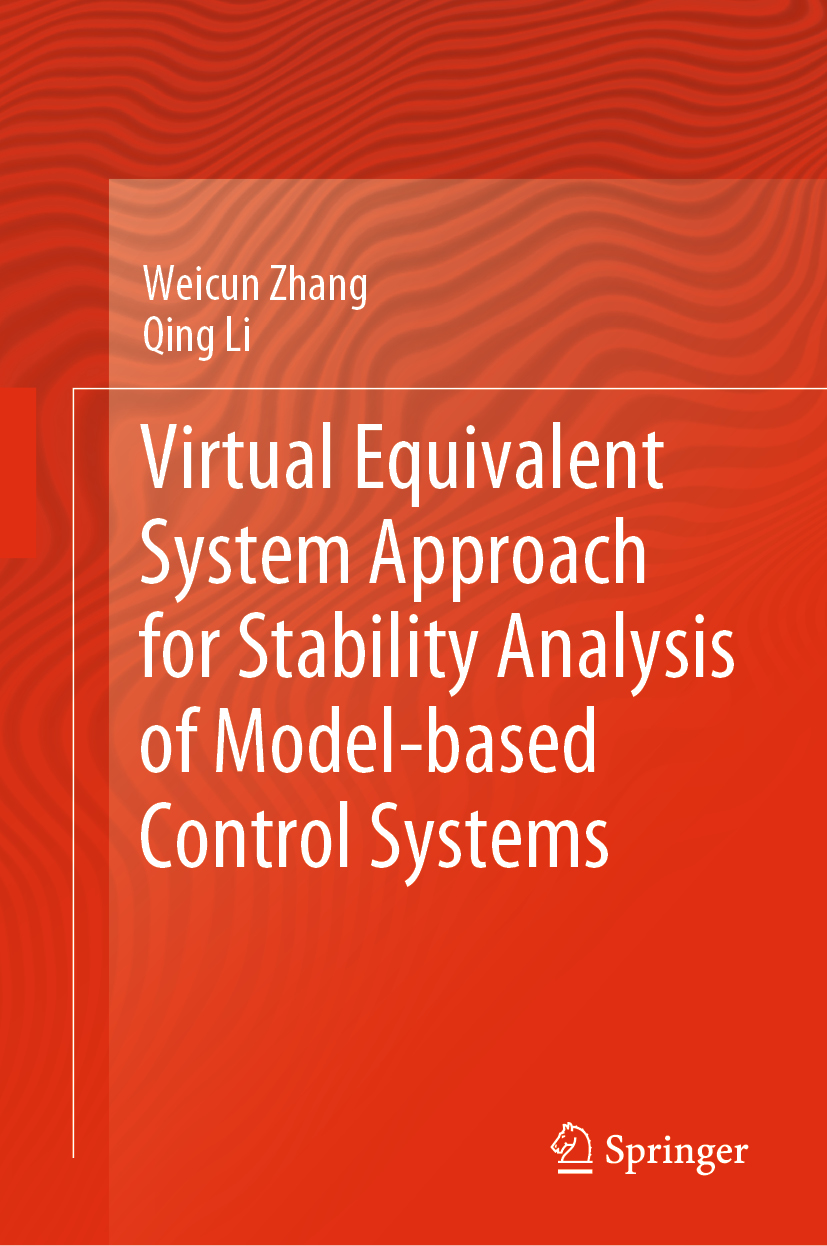
Virtual Equivalent System Approach for Stability Analysis of Model-based Control Systems This book puts forward the concept of a virtual equivalent system (VES) based on theoretical analysis and simulation results. The new concept will facilitate the development of a uniï¬ed framework for analyzing the stability and convergence of self-tuning control (STC) systems, and potentially, of all adaptive control systems. The book then shows that a time-varying STC system can be converted into a time-invariant system using a certain nonlinear compensation signal, which reduces the complexity and difficulty of stability and convergence analysis. In closing, the VES concept and methodology are used to assess the stability of multiple model adaptive control (MMAC) systems and T-S model-based fuzzy control systems. TECHNOLOGY & ENGINEERING,Automation
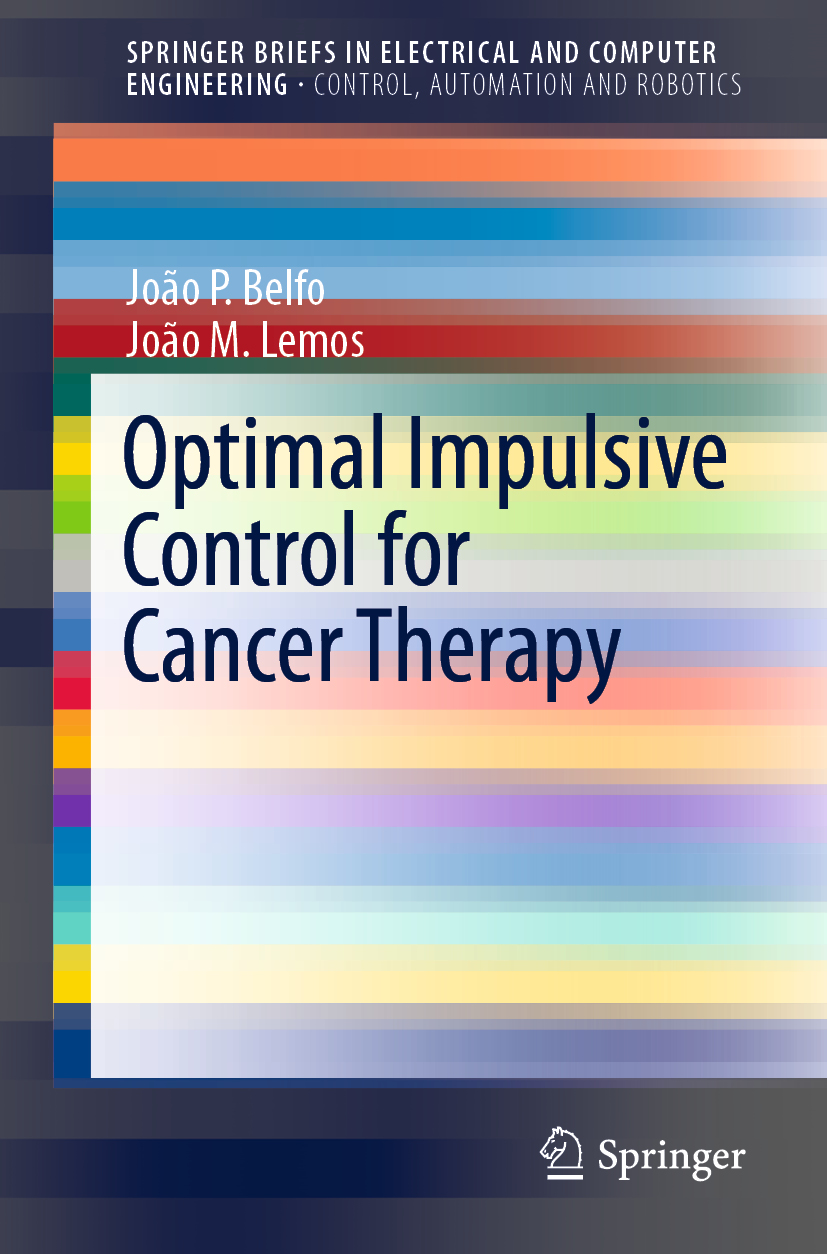
Optimal Impulsive Control for Cancer Therapy This Springer brief discusses the use of control engineering methods to plan a cancer therapy which tends to reduce tumour size in patients, striking a balance that minimizes the toxic effects of the treatment. The authors address the design and computation of impulsive control therapies, a methodology previously underexplored in the application of control methods to medical modelling. This allows simulation of such discrete events as taking a pill rather than relying on the supply of therapy being continuous and steady. The book begins with an introduction to the topic, before moving onto pharmacokinetic, pharmacodynamical and tumour-growth models and explaining how they describe the relationship between a certain therapy plan and the evolution of cancer. This is placed firmly in the context of work introducing impulsive differential equations. The final chapter summarizes the research presented and suggests future areas of research to encourage readers in taking the subject forward. This book is of interest to biomedical engineers, researchers and students, particularly those with a background in systems and control engineering. TECHNOLOGY & ENGINEERING,Automation
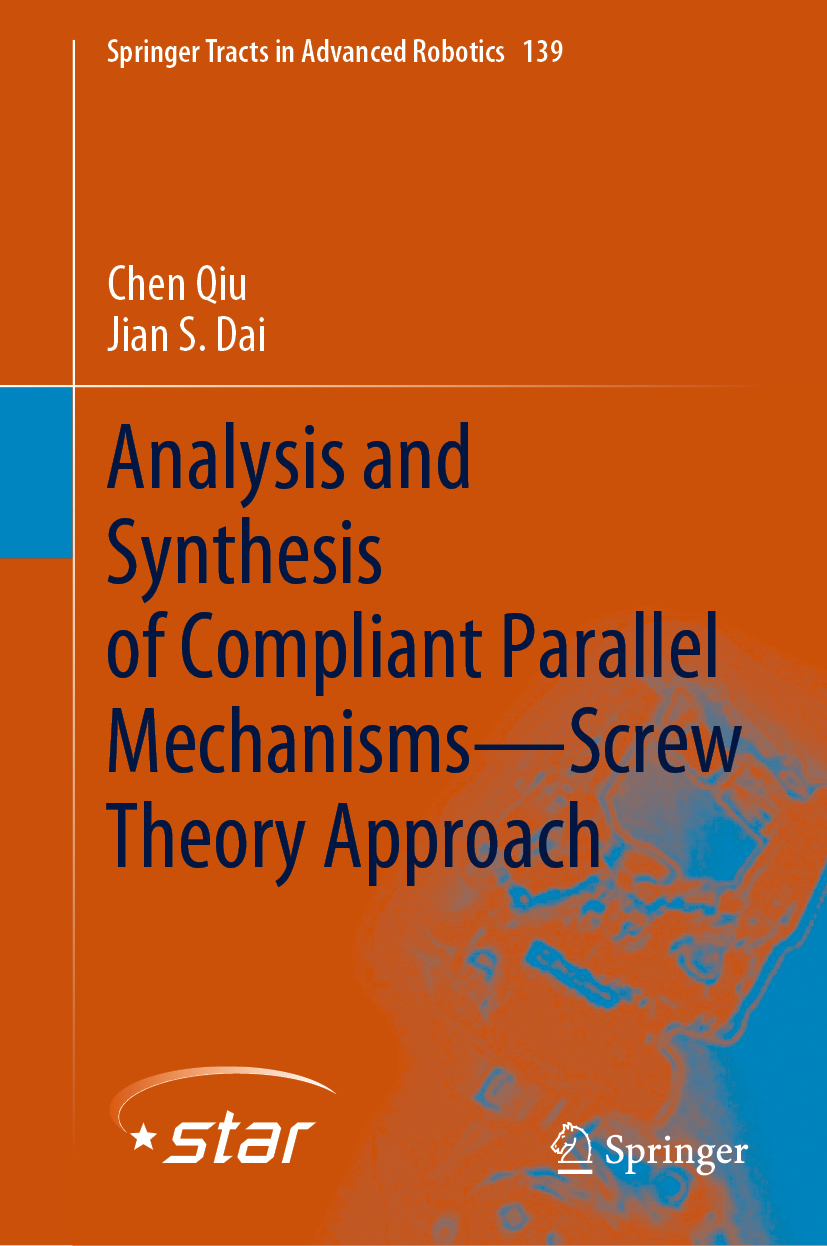
Analysis and Synthesis of Compliant Parallel Mechanisms—Screw Theory Approach This book addresses the design of compliant mechanisms, presenting readers with a good understanding of both the solid mechanics of flexible elements and their configuration design, based on a mechanism-equivalent approach in the framework of screw theory. The book begins with the theoretical background of screw theory, and systematically addresses both the compliance characteristics of flexible elements and their configuration design. The book then covers a broad range of compliant parallel mechanism design topics, from stiffness to constraint decomposition, from conceptual design to dimensional design, and from analysis to synthesis, as well as the large deformation problem; this is followed by both simulations and physical experiments, offering readers a solid foundation and useful tools. Given its scope and the results it presents, the book will certainly benefit and inform future research on the topic. It offers a valuable asset for researchers, developers, engineers and graduate students with an interest in compliant mechanisms, robotics and screw theory. TECHNOLOGY & ENGINEERING,Automation
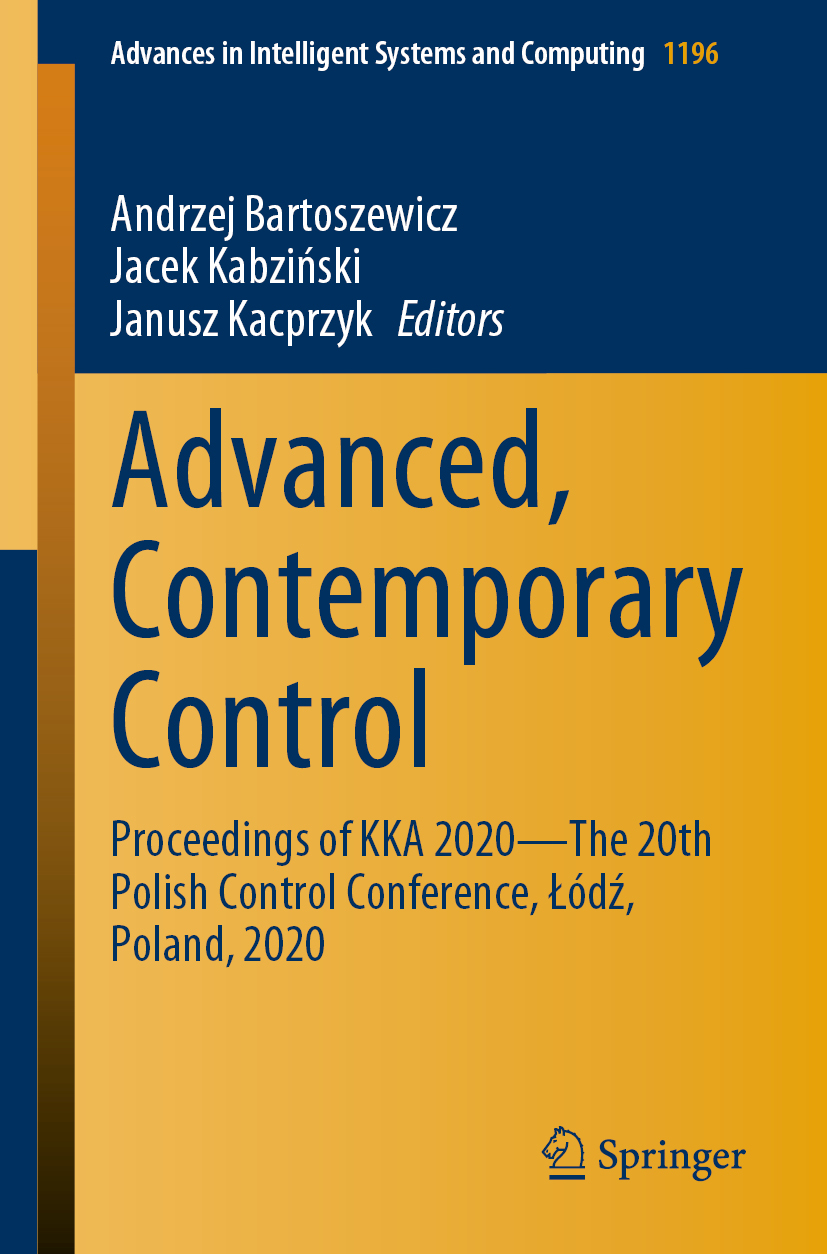
Advanced, Contemporary Control This book presents the proceedings of the 20th Polish Control Conference. A triennial event that was first held in 1958, the conference successfully combines its long tradition with a modern approach to shed light on problems in control engineering, automation, robotics and a wide range of applications in these disciplines. The book presents new theoretical results concerning the steering of dynamical systems, as well as industrial case studies and worked solutions to real-world problems in contemporary engineering. It particularly focuses on the modelling, identification, analysis and design of automation systems; however, it also addresses the evaluation of their performance, efficiency and reliability. Other topics include fault-tolerant control in robotics, automated manufacturing, mechatronics and industrial systems. Moreover, it discusses data processing and transfer issues, covering a variety of methodologies, including model predictive, robust and adaptive techniques, as well as algebraic and geometric methods, and fractional order calculus approaches. The book also examines essential application areas, such as transportation and autonomous intelligent vehicle systems, robotic arms, mobile manipulators, cyber-physical systems, electric drives and both surface and underwater marine vessels. Lastly, it explores biological and medical applications of the control-theory-inspired methods. TECHNOLOGY & ENGINEERING,Automation
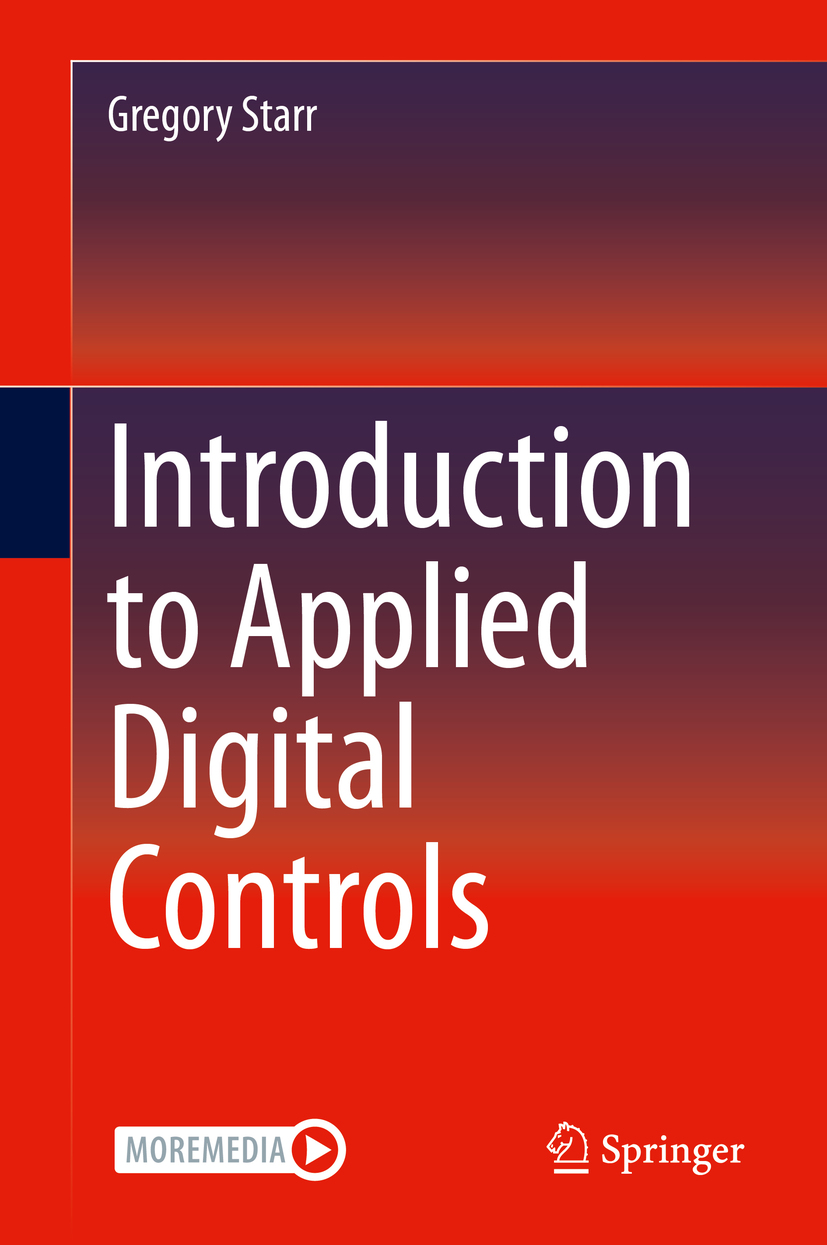
Introduction to Applied Digital Controls This textbook introduces senior undergraduate and beginning graduate students of mechanical engineering to the ï¬eld of digital control with an emphasis on applications. Both transform-based and state-variable approaches are included, with a brief introduction to system identiï¬cation. The material requires some understanding of the Laplace transform and assumes that the reader has studied linear feedback control systems. Adopting an accessible, “tutorial†format, the text presents a clear and concise treatment of Linear Difference Equations, Discrete Simulation of Continuous Systems, Sampled Data Systems, Design using Laplace and Z Transforms, Introduction to Continuous State Space, Digital Control Design using State Space Methods (including state estimators), and System Identification using Least Squares. TECHNOLOGY & ENGINEERING,Automation
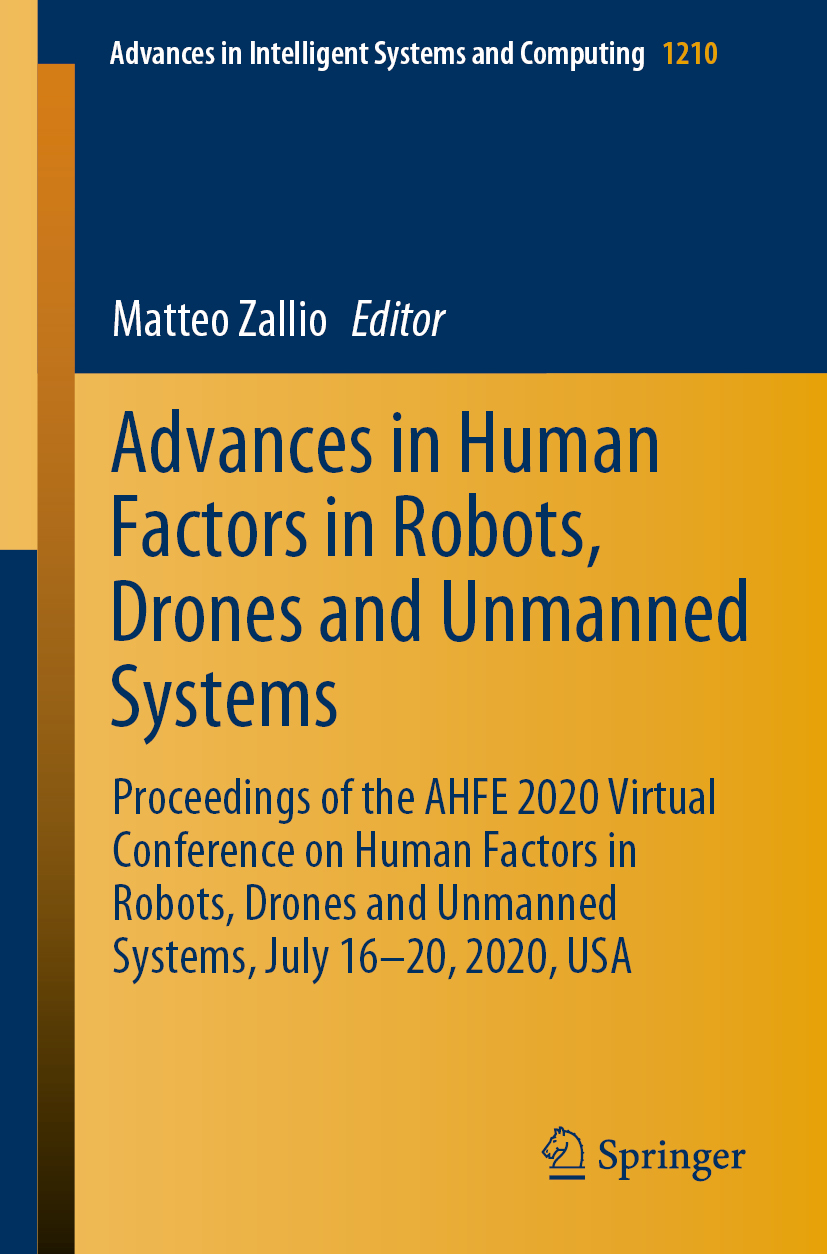
Advances in Human Factors in Robots, Drones and Unmanned Systems This book focuses on the importance of human factors in the development of safe and reliable robotic and unmanned systems. It discusses current challenges, such as how to improve the perceptual and cognitive abilities of robots, develop suitable synthetic vision systems, cope with degraded reliability in unmanned systems, and predict robotic behavior in relation to human activities. Further, it highlights potential future human-robot and human-agent collaboration, suggesting real-world implications of and approaches for improving human-machine interaction across unmanned systems. Based on the AHFE 2020 Virtual Conference on Human Factors in Robots, Drones and Unmanned Systems, held on July 16–20, 2020, this book is intended to foster discussion and collaborations among researchers and practitioners, thus stimulating new solutions for the development of reliable and safe, human-centered, highly functional devices to perform automated and concurrent tasks. TECHNOLOGY & ENGINEERING,Automation
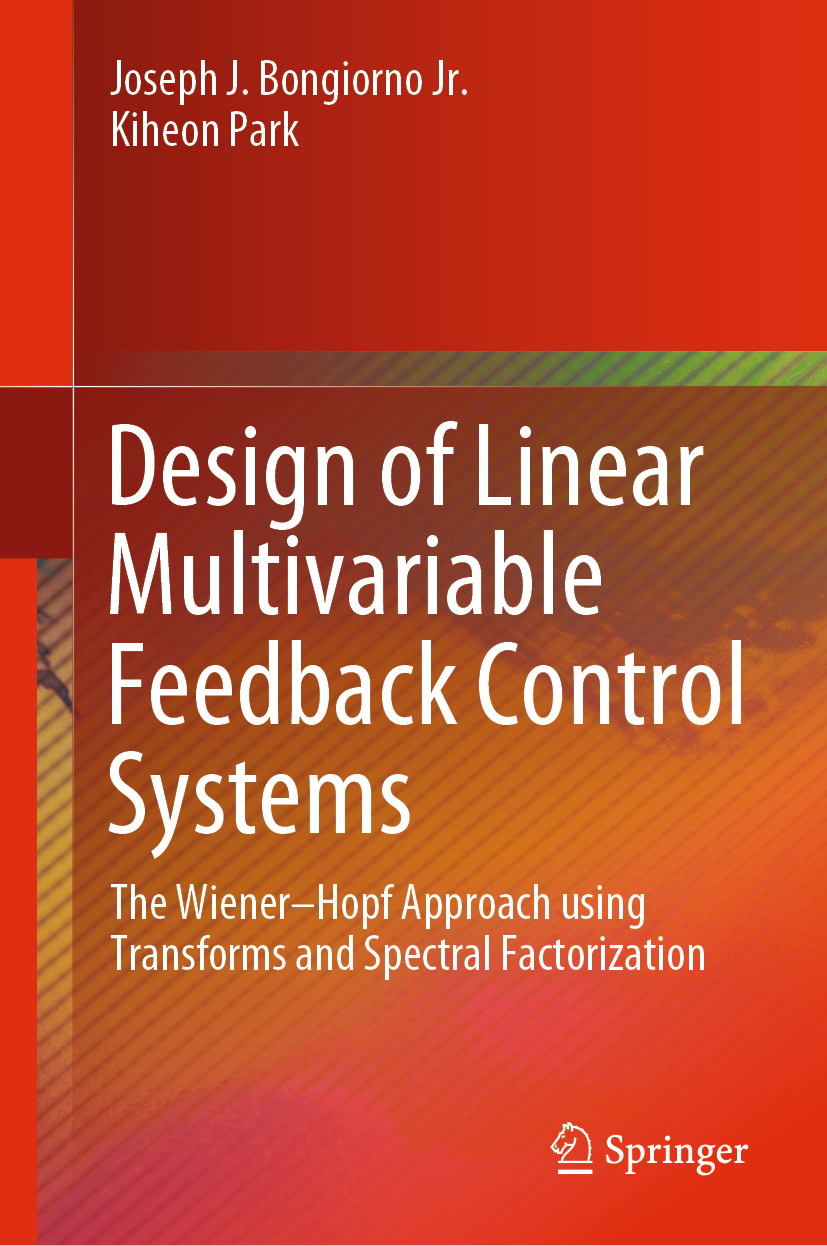
Design of Linear Multivariable Feedback Control Systems This book contains a derivation of the subset of stabilizing controllers for analog and digital linear time-invariant multivariable feedback control systems that insure stable system errors and stable controller outputs for persistent deterministic reference inputs that are trackable and for persistent deterministic disturbance inputs that are rejectable. For this subset of stabilizing controllers, the Wiener-Hopf methodology is then employed to obtain the optimal controller for which a quadratic performance measure is minimized. This is done for the completely general standard configuration and methods that enable the trading off of optimality for an improved stability margin and/or reduced sensitivity to plant model uncertainty are described. New and novel results on the optimal design of decoupled (non-interacting) systems are also presented. The results are applied in two examples: the one- and three-degree-of-freedom configurations. These demonstrate that the standard configuration is one encompassing all possible feedback configurations. Each chapter is completed by a group of worked examples, which reveal additional insights and extensions of the theory presented in the chapter. Three of the examples illustrate the application of the theory to two physical cases: the depth and pitch control of a submarine and the control of a Rosenbrock process. In the latter case, designs with and without decoupling are compared. This book provides researchers and graduate students working in feedback control with a valuable reference for Wiener–Hopf theory of multivariable design. Basic knowledge of linear systems and matrix theory is required. TECHNOLOGY & ENGINEERING,Automation
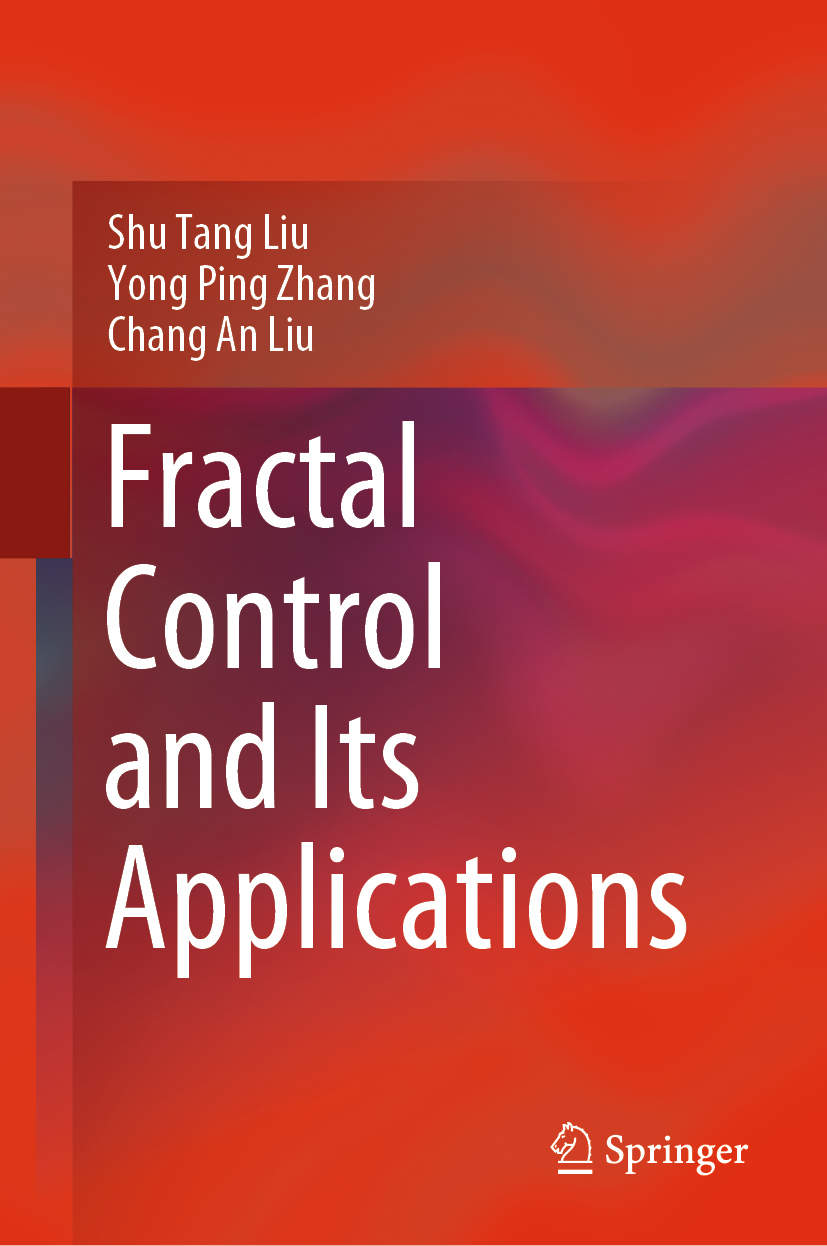
Fractal Control and Its Applications The book focuses on fractal control and applications in various fields. Fractal phenomena occur in nonlinear models, and since the behaviors depicted by fractals need to be controlled in practical applications, an understanding of fractal control is necessary. This book introduces readers to Julia set fractals and Mandelbrot set fractals in a range of models, such as physical systems, biological systems and SIRS models, and discusses controllers designed to control these fractals. Further, it demonstrates how the fractal dimension can be calculated in order to describe the complexity of various systems.Offering a comprehensive and systematic overview of the practical issues in fractal control, this book is a valuable resource for readers interested in practical solutions in fractal control. It will also appeal to researchers, engineers, and graduate students in fields of fractal control and applications, as well as chaos control and applications. TECHNOLOGY & ENGINEERING,Automation

Terramechanics and Off-Road Vehicle Engineering Terramechanics and Off-Road Vehicle Engineering will be of great interest to any professional engineer or automotive engineering student working on off-road vehicles. Reflecting the increase in off-road vehicle production and development—recreational, agricultural, construction, military—this book equips readers with all of the necessary knowledge to successfully design and model off-road vehicle systems, and provides a comprehensive introduction to terramechanics, the mechanics of vehicle/terrain interaction. The only book to cover the principles of off-road vehicle and terrain engineering, a rapidly developing sector that includes SUVs, tractors and agricultural vehicles, military vehicles, and construction equipment Covers the latest developments in the field, including the latest computer-aided methods employed in the development of new generation of high-mobility off-road vehicles in Europe, North America and Asia. Ideal for professional reference and course reference by students, with new detailed worked design examples, case studies, and accompanying problems and solutions. TECHNOLOGY & ENGINEERING,Automotive

High Performance Materials in Aerospace Aerospace presents an extremely challenging environment for structural materials and the development of new, or improved, materials: processes for material and for component production are the subject of continuous research activity. It is in the nature of high performance materials that the steps of material and of component production should not be considered in isolation from one another. Indeed, in some cases, the very process of material production may also incorporate part or all of the component production itself and, at the very least, will influence the choice of material/component production method to be employed. How ever, the developments currently taking place are to be discovered largely within the confines of specialist conferences or books each dedicated to perhaps a single element of the overall process. In this book contributors, experts drawn from both academia and the aerospace industry, have joined together to combine their individual knowledge to examine high performance aerospace materials in terms of their production, structure, properties and applications. The central interrelationships between the development of structure through the production route and between structure and the properties exhibited in the final component are considered. It is hoped that the book will be of interest to students of aeronautical engineering and of materials science, together with those working within the aerospace industry. Harvey M. Flower Imperial College 1 Design requirements for aerospace structural materials C. J. Peel and P. J. Gregson 1. TECHNOLOGY & ENGINEERING,Automotive

Reduced Emissions and Fuel Consumption in Automobile Engines Over the last several years, there has been much discussion on the interrelation of CO2 emissions with the global warming phenomenon. This in turn has increased pressure to develop and produce more fuel efficient engines and vehicles.This is the central topic of this book. It covers the underlying processes which cause pollutant emissions and the possibilities of reducing them, as well as the fuel consumption of gasoline and diesel engines, including direct injection diesel engines. As well as the engine-related causes of pollution, which is found in the raw exhaust, there is also a description of systems and methods for exhaust post treatment. The significant influence of fuels and lubricants (both conventional and alternative fuels) on emission behavior is also covered. In addition to the conventional gasoline and diesel engines, lean-burn and direct injection gasoline engines and two-stroke gasoline and diesel engines are included. The potential for reducing fuel consumption and pollution is described as well as the related reduction of CO2 emissions. Finally, a detailed summary of the most important laws and regulations pertaining to pollutant emissions and consumption limits is presented.This book is intended for practising engineers involved in research and applied sciences as well as for interested engineering students. TECHNOLOGY & ENGINEERING,Automotive
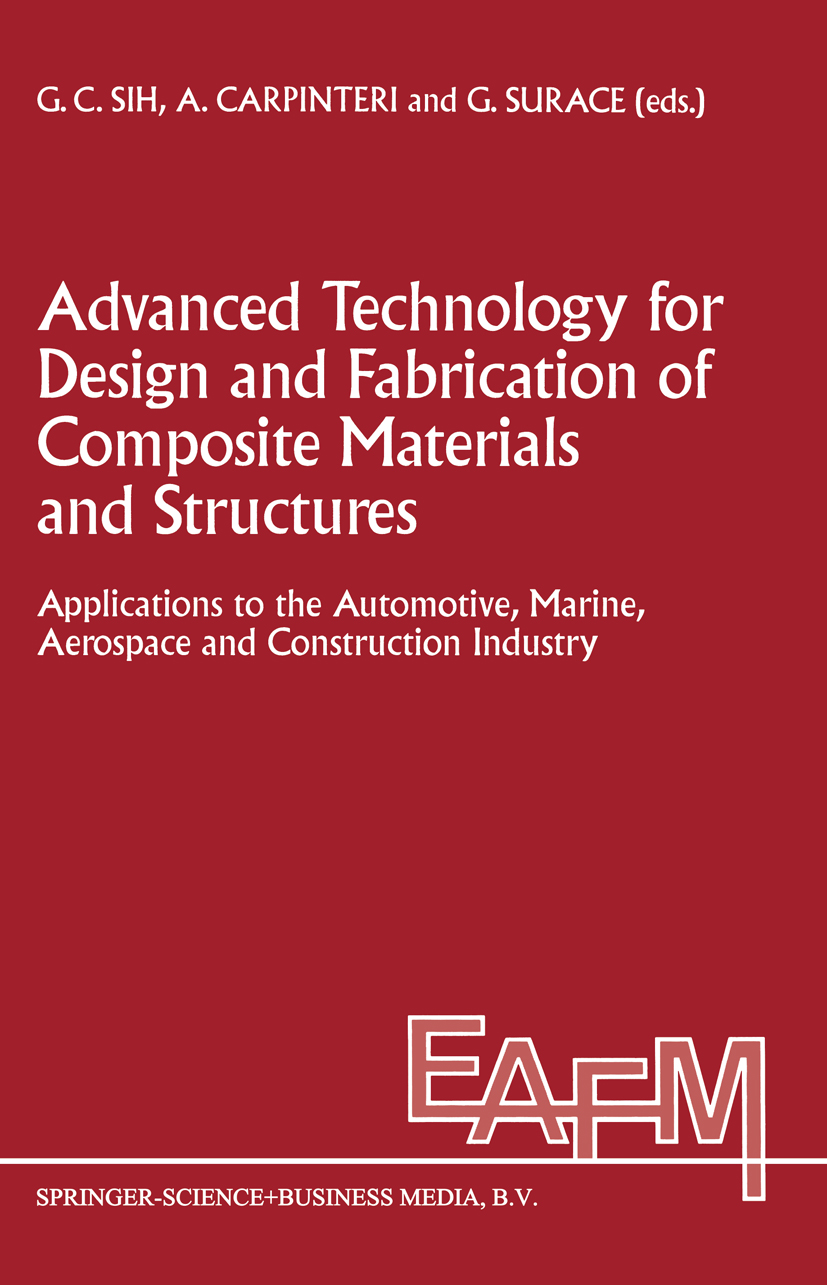
Advanced Technology for Design and Fabrication of Composite Materials and Structures Contained in the volume are the papers presented at an International Symposium on Advanced Technology for Design and Fabrication of Composite Materials and Structures. The Symposium was organized by Consorzio per la Ricerca e l'Educazione Permanente; Institute of Fracture and Solid Mechanics, Lehigh University, Pennsylvania USA; Dipartimento di Ingegneria Strutturale del Politecnico di Torino; and Dipartimento di Ingegneria Aeronautica e Spaziale del Politecnico di Torino. It was held at the Politecnico di Torino in Italy, May 24-28, 1993. The support from the various organizations is acknowledged as follows: • Consiglio N azionale delle Ricerche • ALENIA SP AZIO • AGUST A • CIRA • AERMACCHI • Centro Ricerche FIAT • ALENIA (formerly AERITALIA) • Collegio Costruttori Edili della Provincia di Torino As new knowledge is being accumulated on the design and fabrication of advanced composite systems in different sectors of the world, there is the need not only to exchange new ideas but also to disseminate the information from the researchers to the users. The theme of this Symposium is particularly relevant to the automobile, marine, aerospace and construction industry where the competitive edge lies on improved processing and/or manufacturing of the products. Technological advances have been and will continue to depend strongly on the development of new materials and their effective use in design. Empirical trial-and error methods could no longer be considered economically feasible when applied to usage-specific materials such as composites. TECHNOLOGY & ENGINEERING,Automotive
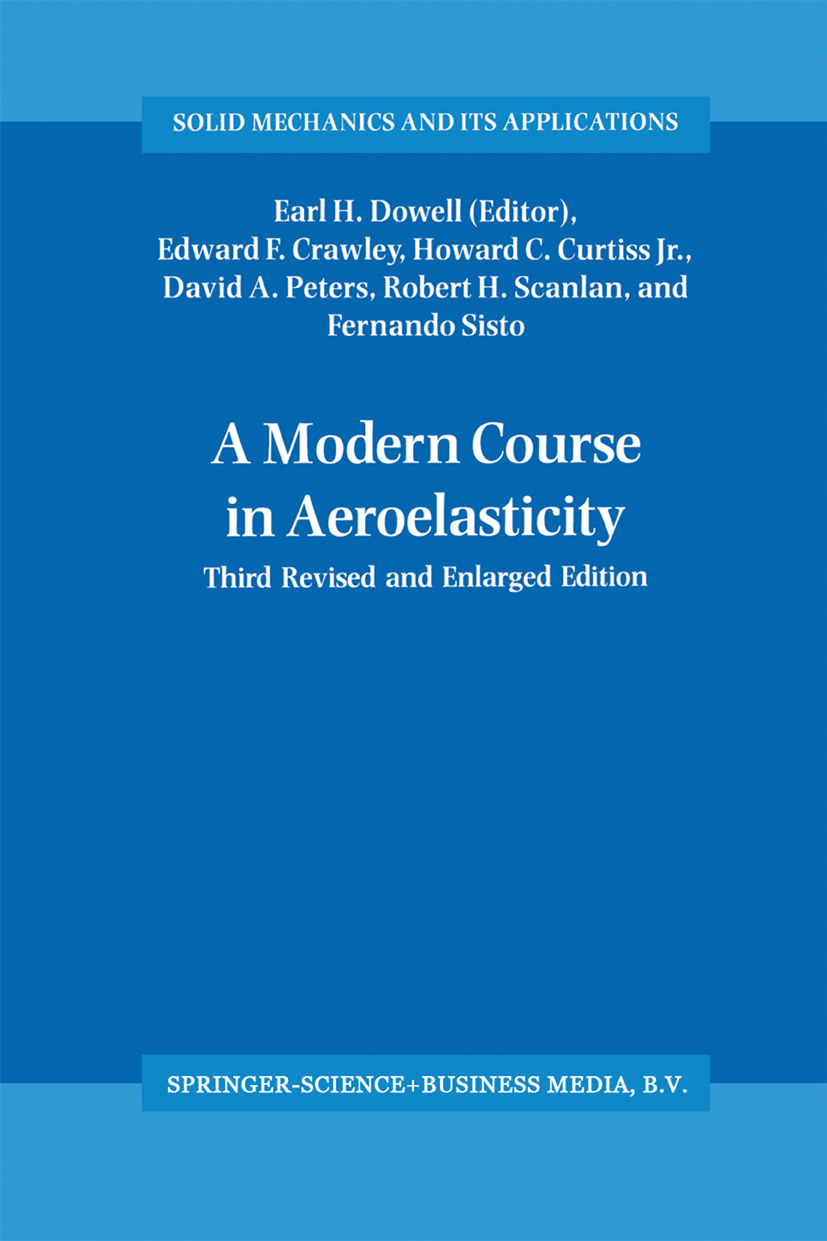
A Modern Course in Aeroelasticity Aeroelasticity is the study of flexible structures situated in a flowing fluid. Its modern origins are in the field of aerospace engineering, but it has now expanded to include phenomena arising in other fields such as bioengineering, civil engineering, mechanical engineering and nuclear engineering. The present volume is a teaching text for a first, and possibly second, course in aeroelasticity. It will also be useful as a reference source on the fundamentals of the subject for practitioners. In this third edition, several chapters have been revised and three new chapters added. The latter include a brief introduction to `Experimental Aeroelasticity', an overview of a frontier of research `Nonlinear Aeroelasticity', and the first connected, authoritative account of `Aeroelastic Control' in book form. The authors are drawn from a range of fields including aerospace engineering, civil engineering, mechanical engineering, rotorcraft and turbomachinery. Each author is a leading expert in the subject of his chapter and has many years of experience in consulting, research and teaching. TECHNOLOGY & ENGINEERING,Automotive

Materials in Marine Technology Materials in Marine Technology covers the important aspects of metallurgy and materials engineering which must be taken into account when designing for marine environments. The purpose is to aid materials selection and the incorporation of materials data into the design, manufacture and inspection strategy. Recent advances in materials technology, including the use of new materials for marine applications Alloys, Polymers and Composites are examined in detail. The integrated approach is design oriented and is supported by recent case studies. TECHNOLOGY & ENGINEERING,Automotive
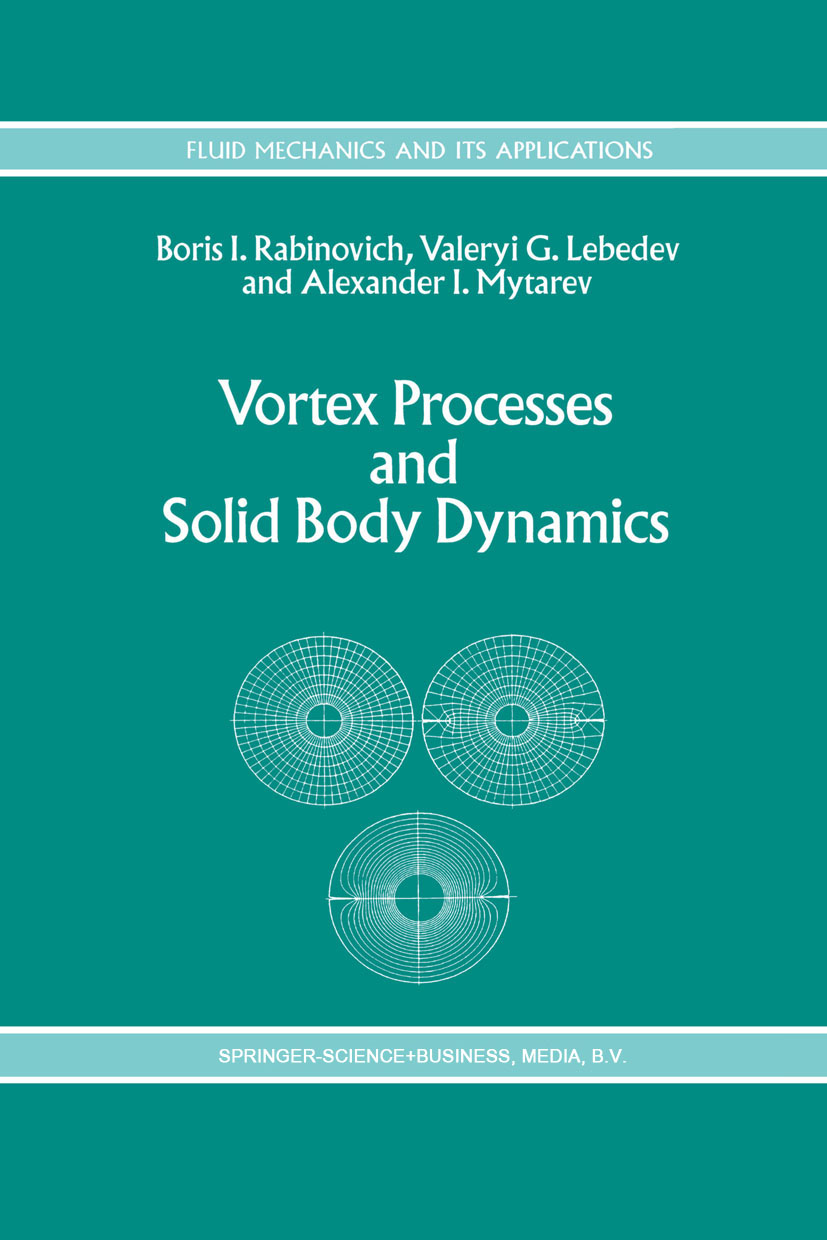
Vortex Processes and Solid Body Dynamics ... a wise man knows all things in a manner in which this is possible, not, however, knowing them individually. Aristotle. Metaphysics * The problem of consideration of vortex fields' influence on solid body dynamics has a long history. One constantly comes upon it in flight dynamics of airplanes, helicopters, and other flying vehicles (FV) moving in the atmosphere, in dynamics of ships with hydrofoils, and in dynamics of rocket carriers (RC) and spacecrafts (SC) with liquid-propellant rocket engines (LPRE), that are equipped with special damping devices and other structural elements inside fluid tanks. Similar problems occur when solving problems related to attitude control and stabilization of artificial Earth satellites (AES) and spacecrafts with magnetic (electro magnetic) systems, in conducting elements of which eddy currents are induced while control of those vehicles' angular position. It is also true with special test facilities for dynamic testing of space vehicles and their systems, with modern high-speed magnetic suspension transport systems (those based on the phenomenon of 'magnetic levitation'), with generators having rotors carried in 'magnetic bearings', and so on. TECHNOLOGY & ENGINEERING,Automotive
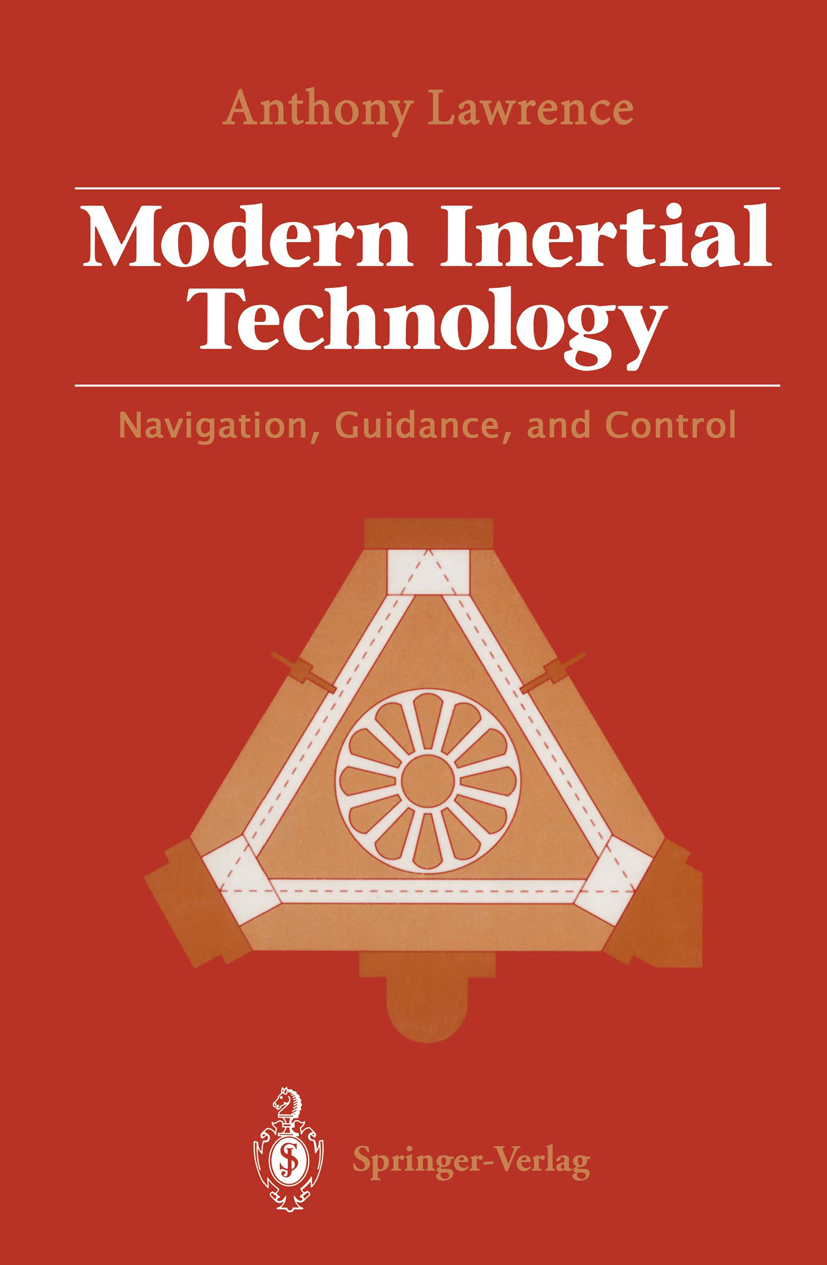
Modern Inertial Technology Automatic navigation makes ocean-going and flying safer and less expensive: Safer because machines are tireless and always vigilant; inexpensive because it does not use human navigators who are, unavoidably, highly trained and thus expensive people. What is more, unmanned deep space travel would be impossible without automatic navigation. Navigation can be automated with the radio systems Loran, Omega, and the Global Positioning System (GPS) of earth satellites, but its most versatile form is completely self-contained and is called inertial navigation. It uses gyroscopes and accelerometers (inertial sensors) to measure the state of motion of the vehicle by noting changes in that state caused by accelerations. By knowing the vehicle's starting position and noting the changes in its direction and speed, one can keep track of the vehicle's present position. Mankind first used this technology in World War n, in guided weapons where cost was unimportant; only 20-30 years later did it become cheap enough to be used commercially. The electronics revolution, in which vacuum tubes were replaced by integrated circuits, has dramatically altered the field of inertial navigation. Early inertial systems used complex mechanical gimbal structures and mechanical gyroscopes with spinning wheels. The gimbals allowed the gyroscopes to stabilize a mass (called a "platform") so that it remained in a fixed attitude relative to a chosen coordinate frame, even as the vehicle turned around any or all of its three major axes. TECHNOLOGY & ENGINEERING,Automotive

Further Developments in Turbulence Management The thrust of modern research on turbulence in fluids is concerned with coherent structures and modelling. Riblets have been shown to reduce drag, and the papers presented in this volume tackle the main question of the mechanism responsible for this behaviour in turbulent flow. The contributions in this volume were presented at the Sixth Drag Reduction Meeting held at Eindhoven during November 1991. This volume will be a useful reference work for engineers, physicists and applied mathematicians interested in the topic of fluid turbulence. TECHNOLOGY & ENGINEERING,Automotive
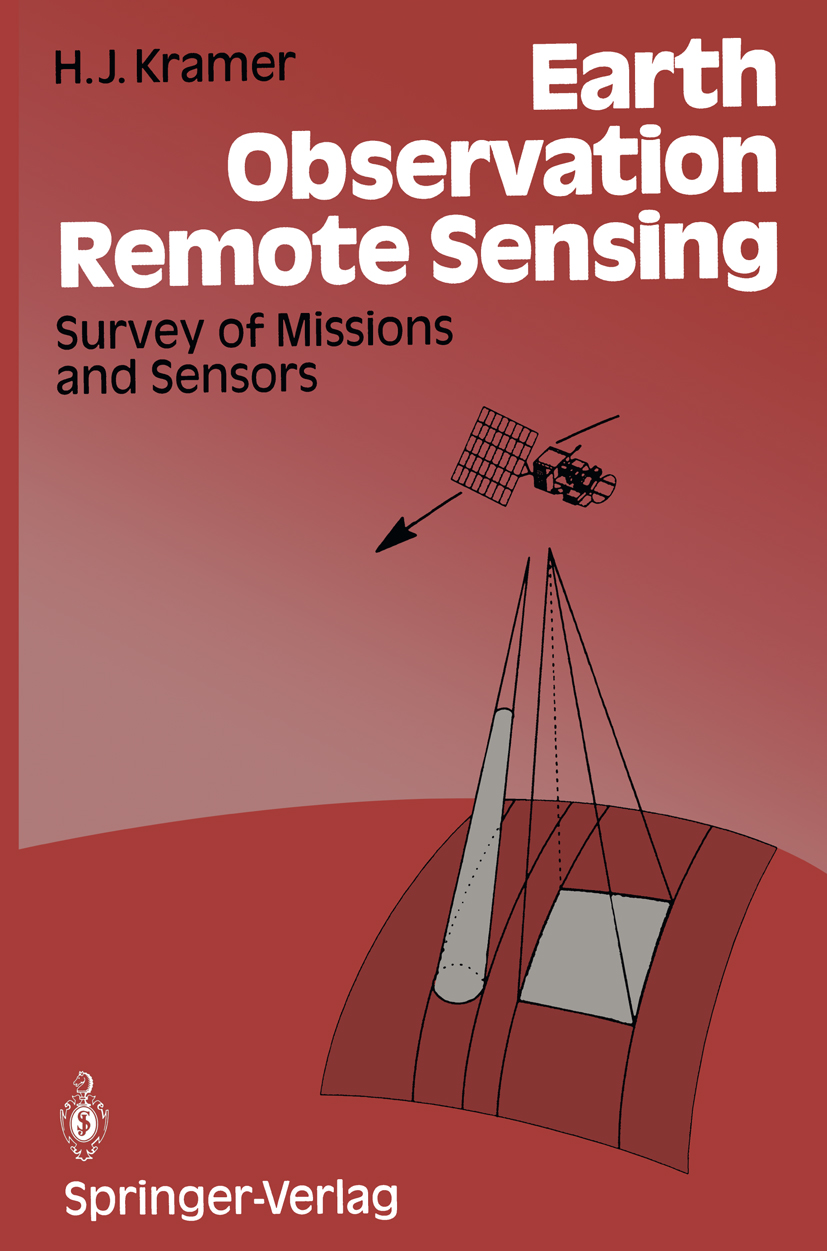
Earth Observation Remote Sensing Earth science is evolving into Earth system science,changing from a discipline-specific premise to aninterdisciplinary endeavor. Increased awareness of humandependence and impact upon the environment has made globalchange research one of the most pressing policy issuesfacing decision makers today.This book presents an overview of past, present, and futuresatellite missions and programs and their sensorcomplements. An effort has been made to show to some extentthe scale and nature of existingnational and internationalactivities and operations in this context. Text andillustrations are intended as a guide and roadmap toeveryone interested in the wide field of Earth observation.In particular, the book may serve as a reference, or givereasonable inputs, on the following subjects: Programmaticplanning on all levels, planning for the requiredinfrastructure, exisiting and planned operational serviceprovision, data utilization and exploitation. TECHNOLOGY & ENGINEERING,Automotive
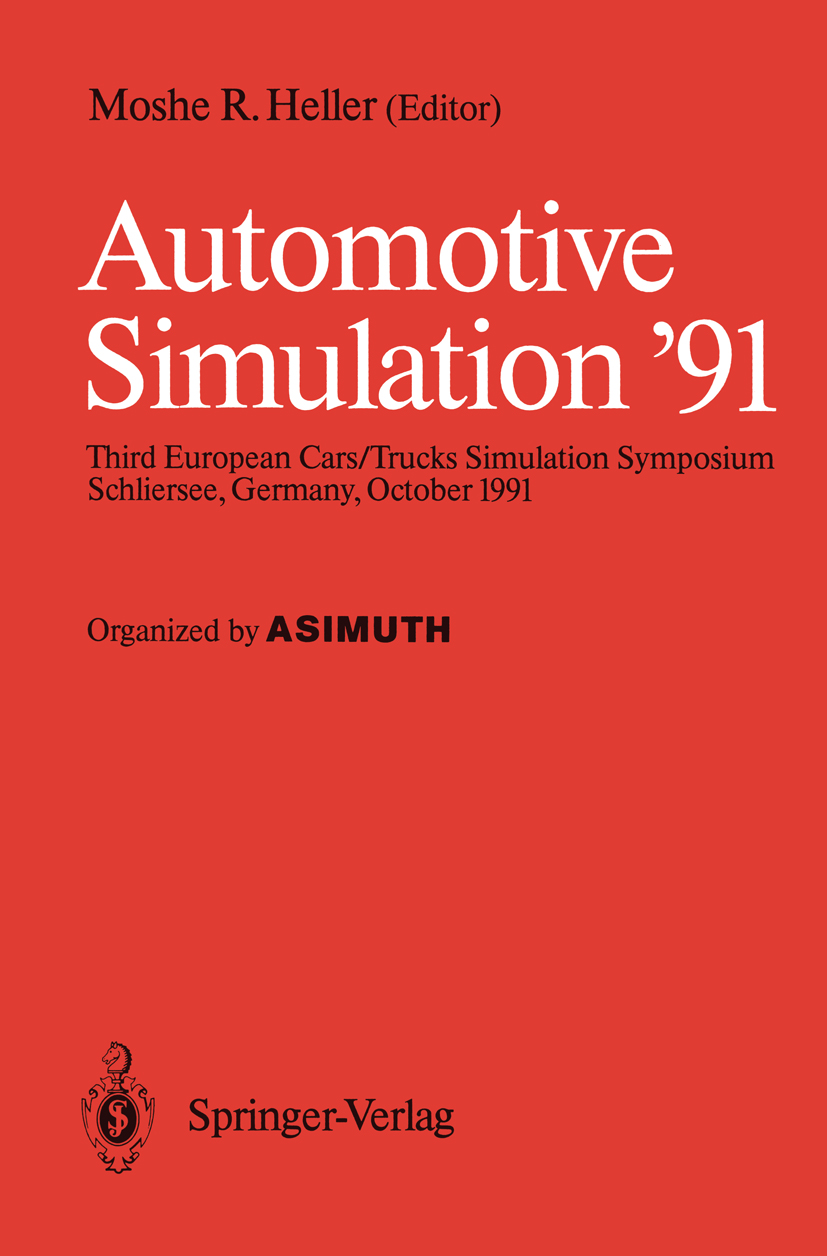
Automotive Simulation ’91 Welcome to Bavaria - Germany - to the THIRD EUROPEAN CARS/TRUCKS SIMULATION SYMPOSIUM. That Schliersee traditional workshop-type meeting is a follow-up to the first and the second symposia which took place in May 1984 and May 1989 respectively. The objective of gathering together is to cover most of the aspects of Automotive Mathematical Modelling and Simulation in theory and practice to promote the exchange of knowledge and experience between different national and international research groups in that field, taking into consideration that every seventh German employee is related to the automotive industry. This effect is also in power at least with the traditional Detroit (U.S.A.) Automotive Industries and the growing up Japanease as well. Futhermore, there is to strenghten the international contact between developers and users of modelling and simulation techniques considering the "new world order" started in 1991 with no borders between West and East affected by the Golf-War and followed up by the "open" European Community borders of 1992. VI The traditional International Conference jointly promoted by ASIMUTH - Applied Simulation Technology and some other members of the Society of Computer Simulaton created an interest to publish new projects including their results. A large number of contributed papers has been strictly examined and selected by the editorial commitee to guarantee a high international technical standard. TECHNOLOGY & ENGINEERING,Automotive
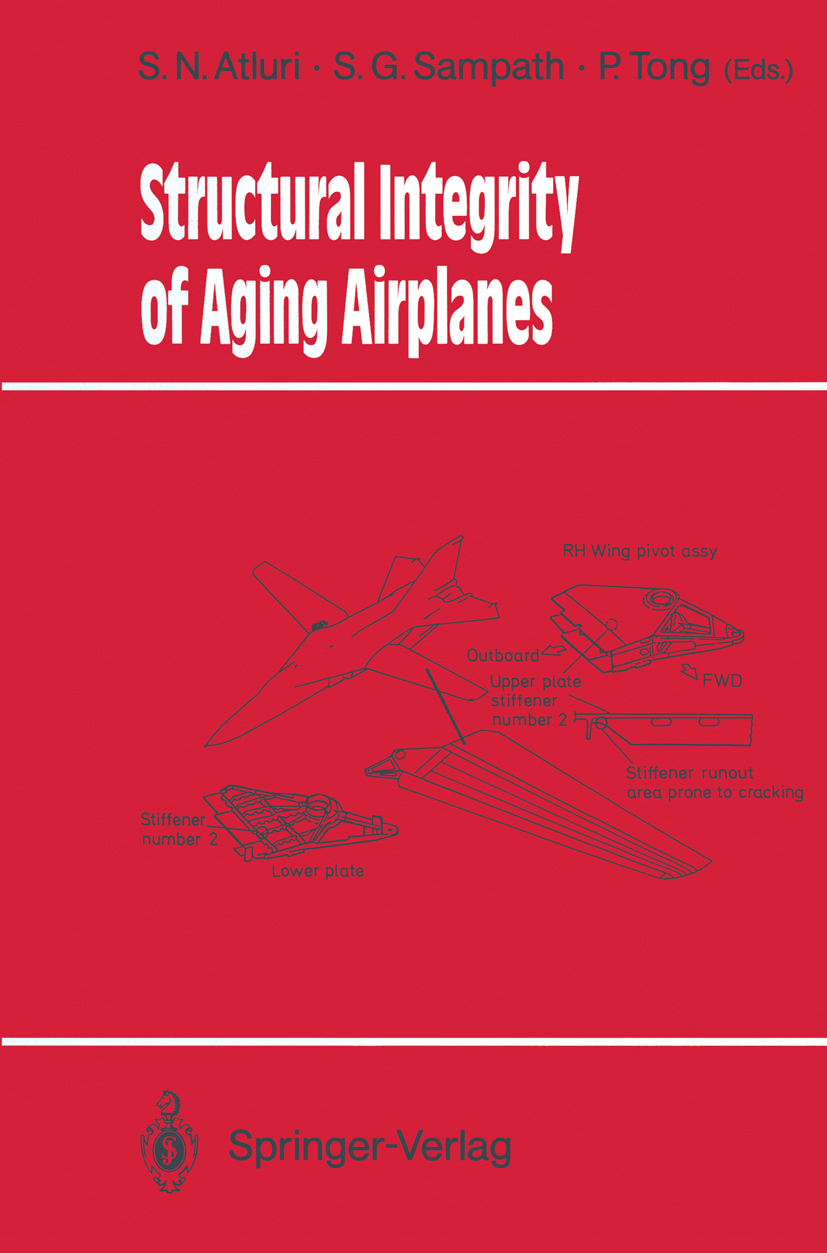
Structural Integrity of Aging Airplanes The emergence of civil aviation as a means of mass transportation is primarily due to the large scale construction of jet airplanes in the past 30 years or so. A large number of these jet airplanes is currently operating at or beyond their designed fatigue lives. Thus, the structural integrity of these aging airplanes has become an issue of major concern to all nations of the world. To bring the needed technical and research focus on the issues involved in the life-enhancement and safety-assurance of aging airplanes, the Federal Aviation Administration sponsored a symposium in Atlanta, GA, USA, during 20-22 March 1990. This symposium, under the title "International Symposium on Structural Integrity of Aging Airplanes· was organized jointly be the Georgia Institute of Technology (Center for Computational Mechanics) and the Transportation Systems Center (Cambridge, MA) of the U.S. Department of Transportation. Industrial and academic experts from several countries in North America, Europe and Asia, were invited to discuss their experiences and proposed solutions. This monograph contains the original papers that represent the expanded and edited versions of the talks presented at this symposium. This book aims to bring the collective experience, from across the world, with problems related to the structural integrity of aging airplanes to the attention of the professional and research community at large - in the hope that it may stimulate further fruitful research on this important topic of global concern. TECHNOLOGY & ENGINEERING,Automotive
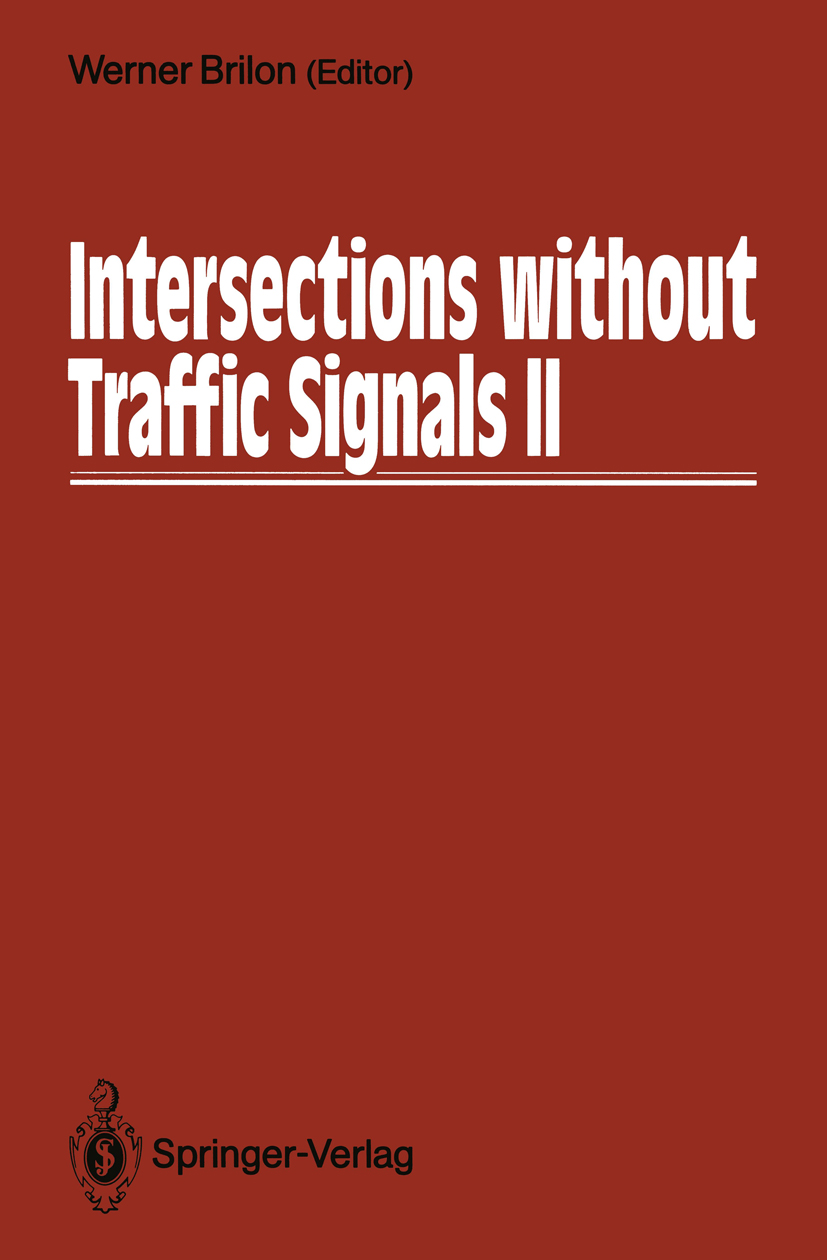
Intersections without Traffic Signals II In March 1988, an international workshop on intersections without traffic signals was held at the Ruhr-University in Bochum, Germany. The proceedings of this workshop were published by Springer 1). The workshop was performed in a very harmonious atmosphere, which stimulated the experts from different countries to communicate and exchange their ideas and experiences. The presentations and the written contributions documented the present state of technical solutions for design and engineering of unsi gnalized intersections both regarding scientific research and practical applications. Moreover, numerous unsolved problems were identified. Thus, the 1988 workshop stimulated new developments in the field of unsignalized inter sections in several countries. In the meantime, these investigations have lead to a remarkable progress. For example in Germany a new guideline for unsignalized cross intersections and T-junctions has been finished and is going to be introduced in 1991. New results on roundabout capacity have been worked out as well. Many particularly important developments were made in foreign countries. Especially in the United States, an increasing interest in this subject can be observed. In the annual meetings of the TRB, this item received great attention. Many research institutes in North America have concentrated their activities on that point. A new TRB-circular concerning unsignalized intersections is going to be published. It will contain a new procedure for four-way-stop-control intersections, which seems to be a special feature of North American traffic engineering. However, new results from the US for two-way-stop control intersections are available as well. TECHNOLOGY & ENGINEERING,Automotive
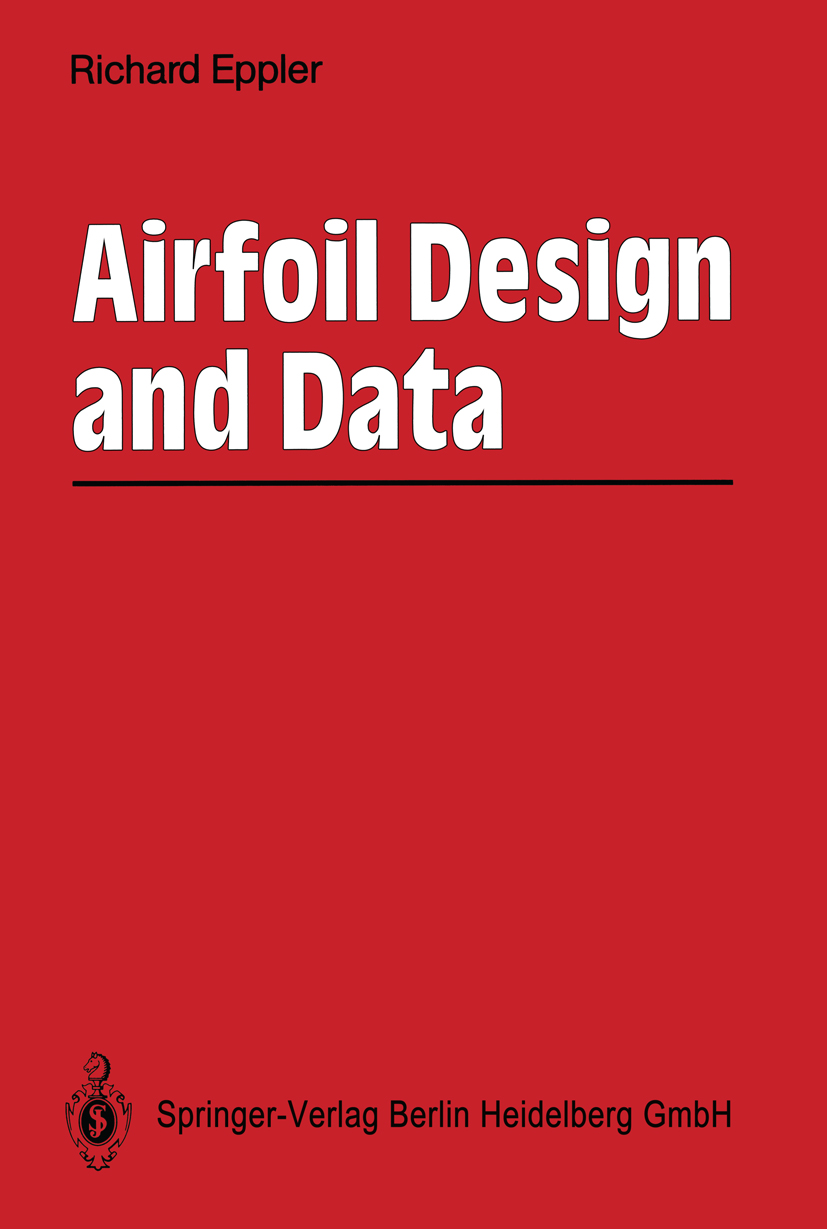
Airfoil Design and Data This book represents the latest state of my work on airfoils which began more than 30 years ago. The major subject of this work was the continous development of a computer program which allows to solve the potential flow problem for given airfoils and to design airfoils from the properties of their velocity distributions. After the solution of these potential flow analysis and design problems the boundary layers can be computed and the total lift. drag and moment coefficients can be evaluated. Several short and unpublished notes on this program were promoted by the US Airforce Academy in Colorado Springs with the support of R. Gallington and W. Smith. A first complete description was published by the NASA Langley Research Center. Ref. [1]. after had been invited to visit this center for four weeks in 1978. This was the beginnning of a very fruitful coorperation with Dan M. Somers. It led to another visit to the NASA Langley Center in 1979. during which several new options were added to the program and described in Ref. [2]. The NASA TM [1] contains a listing of the program which invited some smart people to retype it. Obviously they've been selling it for a lot of money. However. this early 1979 version should not be used anymore. because it's missing ten years of development and improvements. The latest version of the program is available from Universitat Stuttgart. Inst. TECHNOLOGY & ENGINEERING,Automotive
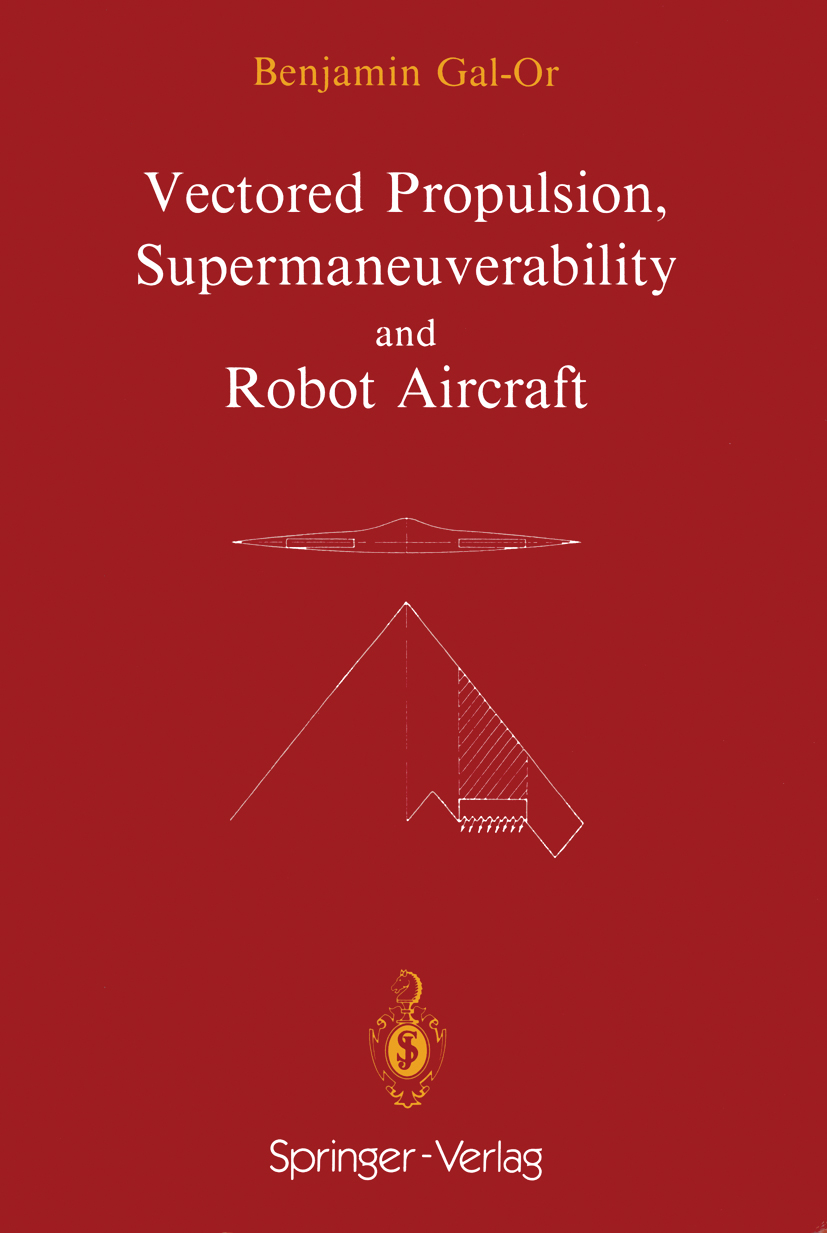
Vectored Propulsion, Supermaneuverability and Robot Aircraft This book is designed to fill a professional vacuum in the new field of advance, high-angle, vectored stealth aircraft. The subject matter presented in the volume has never before been investigated and presented as a unified field of study because it covers entirely new fields and because specialized fragments of this unified field are scattered throughout literature in specific problems. The book is of interest to aeronautical and mechanical engineers, electrical and control engineers, aerospace industry, USAF, US Navy, NASA, pilots and instructors. TECHNOLOGY & ENGINEERING,Automotive
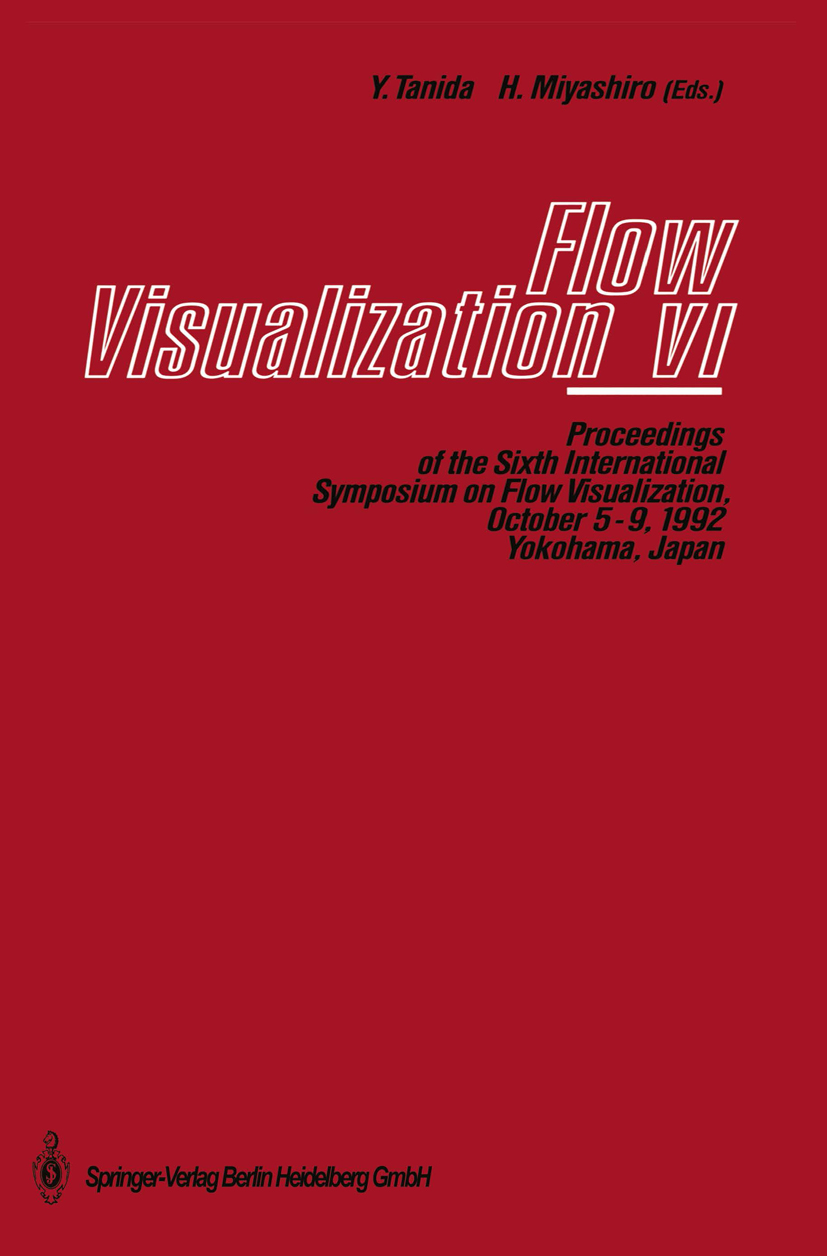
Flow Visualization VI Over the last decade, flow visualization has advanced in step with the progress in laser and computer technologies. The scope of the International Symposium on Flow Visualiza- tion will be broader than ever, covering the range of infor- mation generally thought of as nonvisual and reflecting the inclusion of computer - aided methodologies. The Sixth In- ternational Symposium on Flow Visualization aims to attract the participation of experts and users of flow viualizing techniques on furthering an advanced philosophy for the de- velopment of the methods and their applications. TECHNOLOGY & ENGINEERING,Automotive
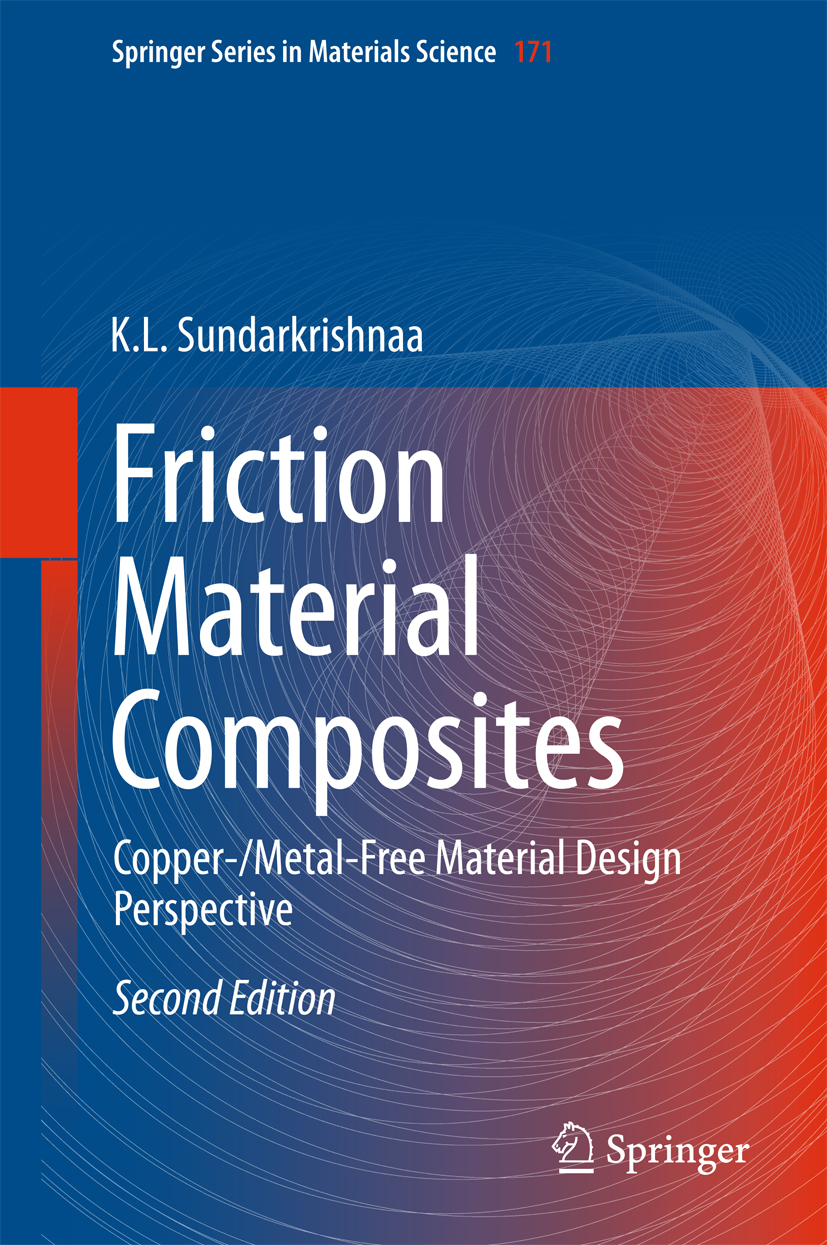
Friction Material Composites This book examines material composites used in connection with brake friction, their design and safety. To aid in understanding, the essentials of friction are explained. This second edition was extended to include friction material composites without copper, as they offer an environmentally friendlier option. The second edition is intended to support beginners by offering insights into the essentials of friction material composites, helping them to develop a broader understanding of brake friction materials. Friction materials find wide-ranging applications in household and industrial appliances, brake pads for automotive applications, rail brake friction pads and composition brake blocks. This second edition is an introductory volume to a set of related books, and is based on the author’s experience and expertise with various material manufacturers, brake manufacturers, vehicle manufacturers, researchers and testing labs around the world with which the author has been associated for the past 28 years. TECHNOLOGY & ENGINEERING,Automotive
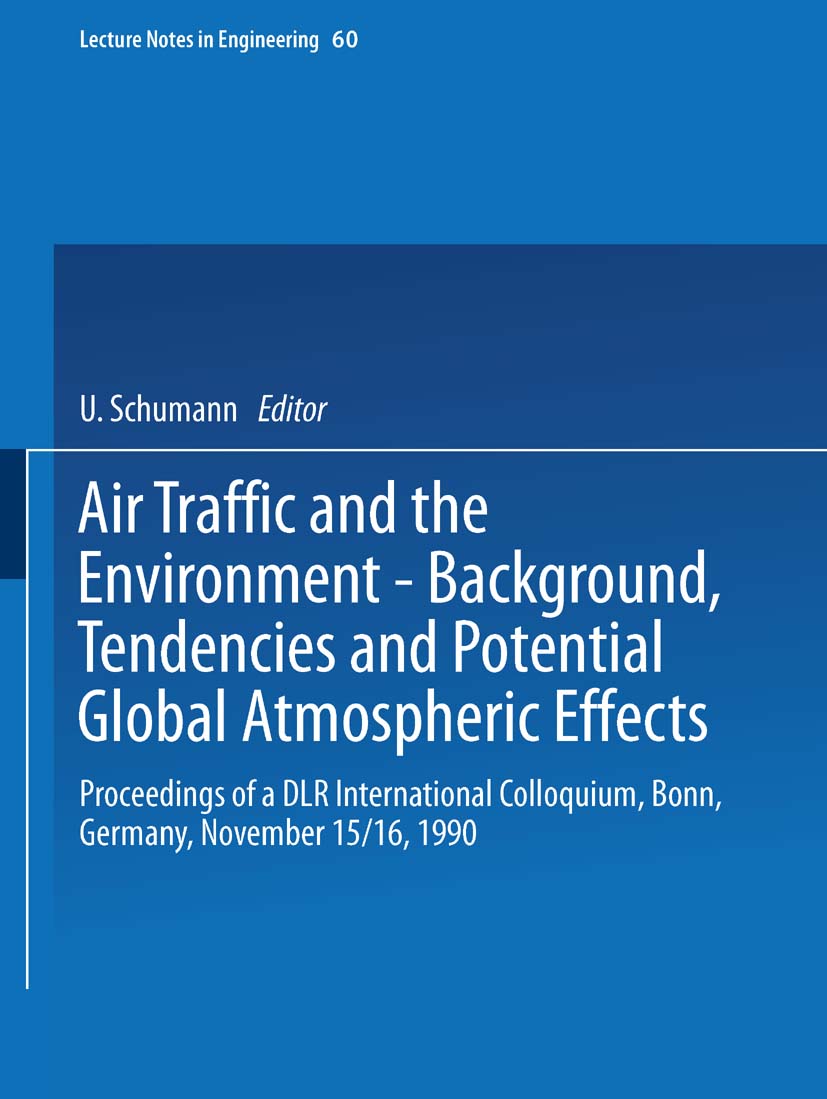
Air Traffic and the Environment — Background, Tendencies and Potential Global Atmospheric Effects The strong and continuing increase in airtraffic,the plans to build supersonicair craftsand hypersonicspace-transportsystems,the developments ofhydrogentech nology, andthe generalconcern onglobalchangeshave raised questionson effects of emissions from air traffic on the environment and especially the atmosphere aboveand shortlybelowthe tropopause. What are the consequences of watervap our emissions on the formation of high clouds and global c1imate?What are the possibleeffectsofemissions on the ozonelayerin the stratosphere and uppertro posphere?Which technological developments can help to reducethe emissions? These questions get increasing attention in the public. Some previous meetings of scientific experts have shown that the topic is of high interest but most questions cannot be answered yet to asufficientdegree. More research is necessaryand the topic requires interdisciplinarycooperation. Moreover,there is a need to document the basic knowledge required to assess possible consequences of increasing and changingtraffic. With respect to possible global changes,airtraffic at cruising alti tude seemsto have the mostimportantinnuence and itbecomes necessaryto con sidertechnological alternatives. The German Aerospace Research Establishment (DLR) has initiated aseries of seminars on fundamental problems ofsciences inwhich DLR is envolved. Previous seminarsconsidered: 1984 NonlinearDynamicsofTranscritical Flows 1985 UncertaintyandControl 1986 Artificial Intelligenceand Man-Machine-Systems 1987 Parallel Computing in Science and Engineering 1988 HydrocarbonOxidation 1989 Optlmizatlon,Methods and Applications, Possibilities andLimitations This bookcontainsten paperswhichhad been preparedfor presentationatthe 1990 DLR-Seminaron AirTrafficand the Environment- Background,Tendencies and Potential Global AtmosphericEffects. At the seminar, an additional paper is to be presented by Dr. Dieter H. Ehhalt. TECHNOLOGY & ENGINEERING,Automotive
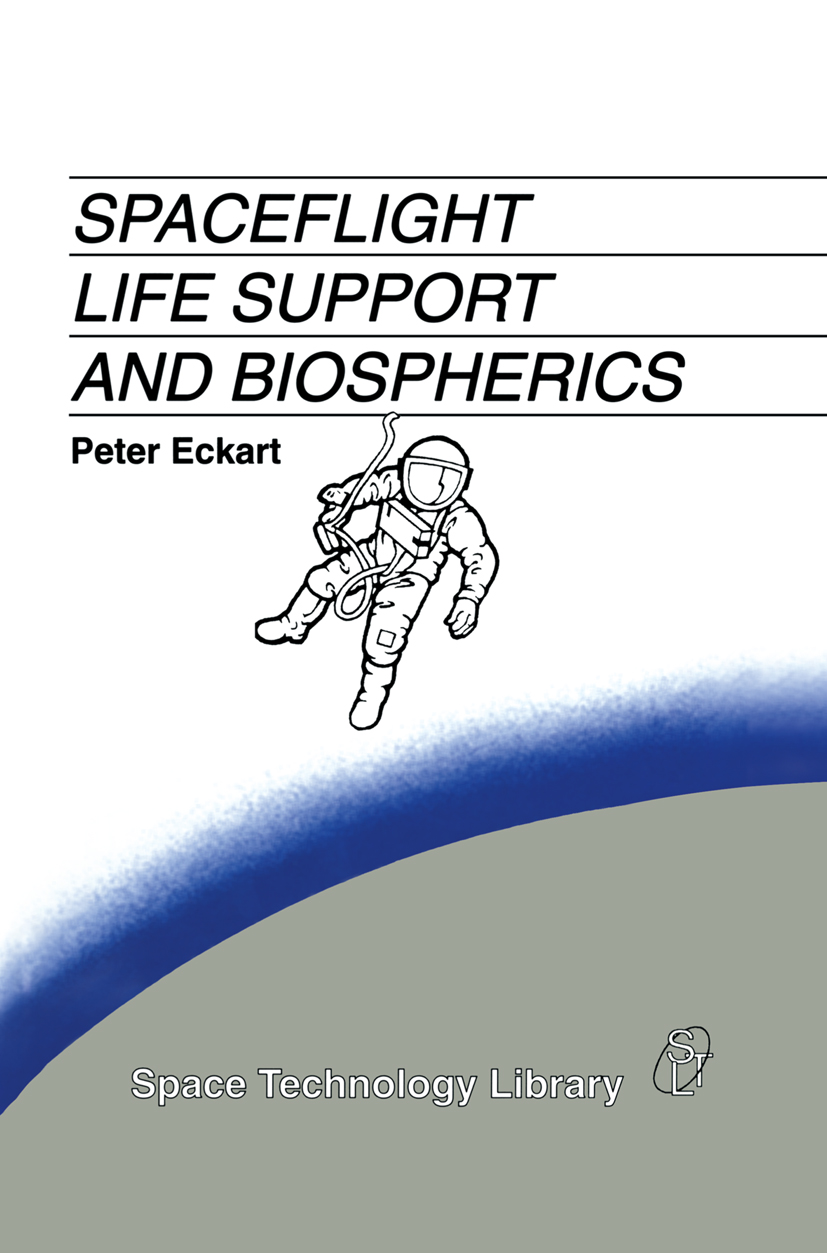
Spaceflight Life Support and Biospherics Spaceflight Life Support and Biospherics is the introduction to space life support systems and artificial ecosystems that has so far been lacking. It is a source of information for everyone involved in the life support system design and development process - engineers, scientists, and students - as well as all those who are simply interested in this existing discipline. The structure of this book is such that it gives step-by-step answers to the basic questions concerning life support systems on any scale - from small microbial systems to the Earth's biosphere: Why life support system development and biosphere research? How does our natural life support system, the biosphere, work? What are the environmental conditions for life support systems in space? What are the fundamental terms and requirements of life support? Which physicochemical life support subsystems currently exist? Which are the potential bioregenerative life support technologies of the future? What are life support systems of future planetary habitats going to look like? What are the experiences of the largest artificial ecosystem - Biosphere 2? What are the potential terrestrial benefits of life support development? £/LIST£ TECHNOLOGY & ENGINEERING,Automotive
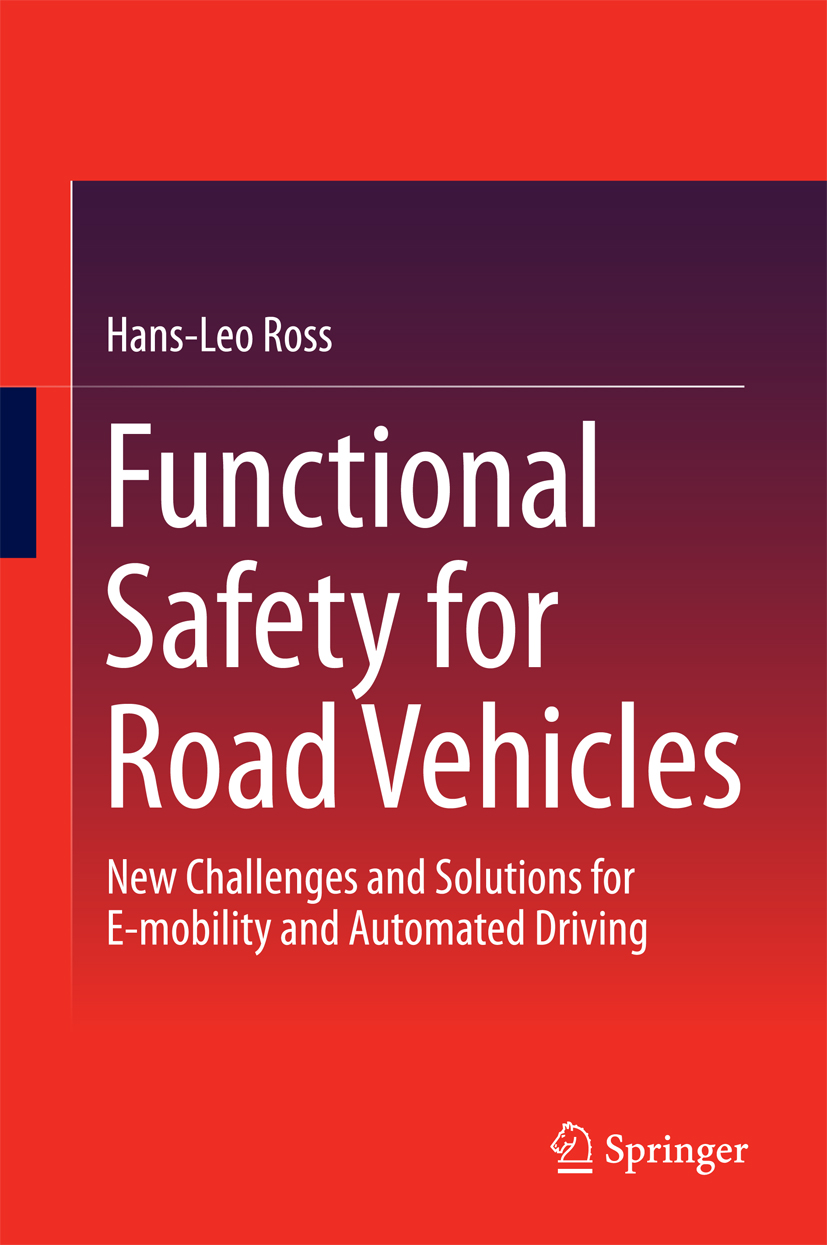
Functional Safety for Road Vehicles This book highlights the current challenges for engineers involved in product development and the associated changes in procedure they make necessary. Methods for systematically analyzing the requirements for safety and security mechanisms are described using examples of how they are implemented in software and hardware, and how their effectiveness can be demonstrated in terms of functional and design safety are discussed. Given today’s new E-mobility and automated driving approaches, new challenges are arising and further issues concerning “Road Vehicle Safety†and “Road Traffic Safety†have to be resolved. To address the growing complexity of vehicle functions, as well as the increasing need to accommodate interdisciplinary project teams, previous development approaches now have to be reconsidered, and system engineering approaches and proven management systems need to be supplemented or wholly redefined. The book presents a continuous system development process, starting with the basic requirements of quality management and continuing until the release of a vehicle and its components for road use. Attention is paid to the necessary definition of the respective development item, the threat-, hazard- and risk analysis, safety concepts and their relation to architecture development, while the book also addresses the aspects of product realization in mechanics, electronics and software as well as for subsequent testing, verification, integration and validation phases. In November 2011, requirements for the Functional Safety (FuSa) of road vehicles were first published in ISO 26262. The processes and methods described here are intended to show developers how vehicle systems can be implemented according to ISO 26262, so that their compliance with the relevant standards can be demonstrated as part of a safety case, including audits, reviews and assessments. TECHNOLOGY & ENGINEERING,Automotive
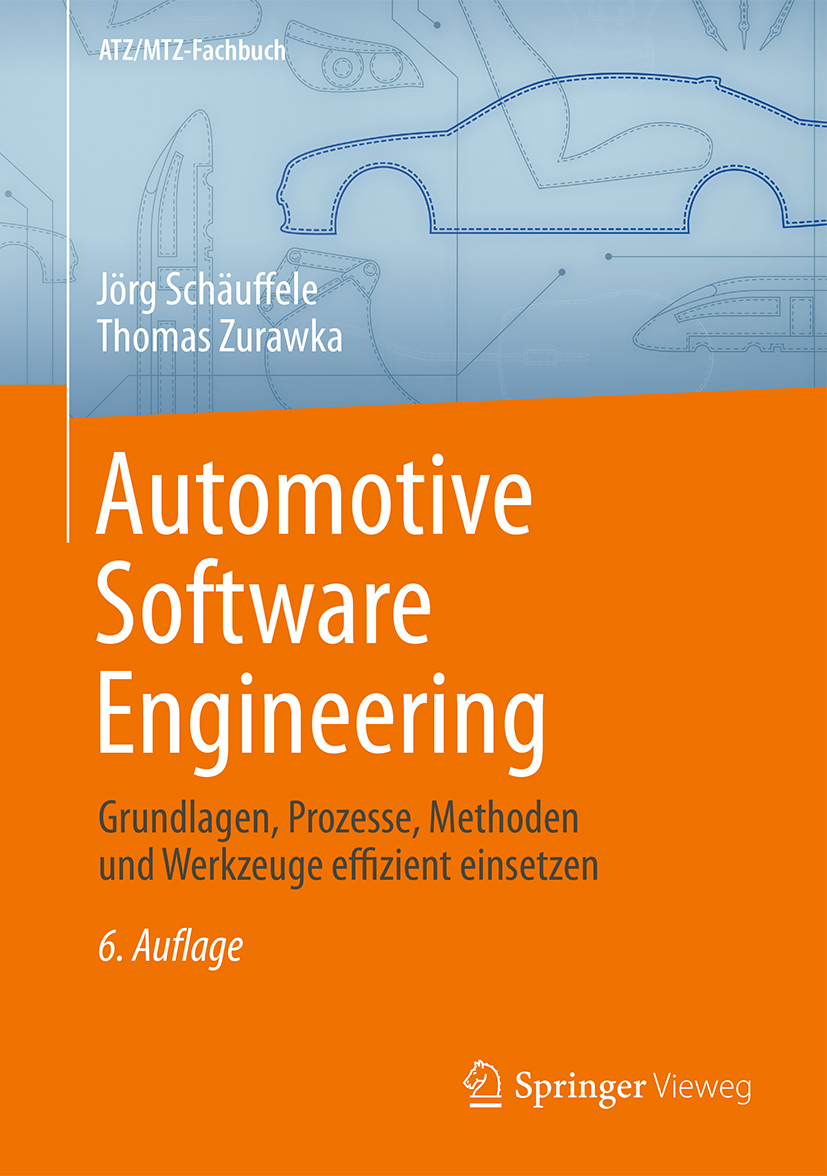
Automotive Software Engineering Dieses Fachbuch enthält die Grundlagen sowie zahlreiche Anregungen und praktische Beispiele zu Prozessen, Methoden und Werkzeugen, die zur sicheren Beherrschbarkeit von elektronischen Systemen und Software im Fahrzeug beitragen. Dabei werden der AUTOSAR-Standard und die Norm ISO 26 262 durchgehend behandelt. Die aktuelle Auflage berücksichtigt Elektro- und Hybridantriebskonzepte sowie Fahrerassistenzsysteme und enthält die Grundlagen zu Produktlinien- und Variantenmanagement. Seit Anfang der 1970er Jahre ist die Entwicklung von Kraftfahrzeugen geprägt von einem rasanten Anstieg des Einsatzes von Elektronik und Software. Dieser Trend hält bis heute an und wird getrieben von steigenden Kunden- und Umweltanforderungen. Nahezu alle Funktionen des Fahrzeugs werden inzwischen elektronisch gesteuert, geregelt oder überwacht. Die Realisierung von Funktionen durch Software bietet einzigartige Freiheitsgrade beim Entwurf. In der Fahrzeugentwicklung müssen jedoch Randbedingungen wie hohe Zuverlässigkeits- und Sicherheitsanforderungen, lange Produktlebenszyklen, begrenzte Kostenrahmen, kurze Entwicklungszeit und zunehmende Variantenvielfalt berücksichtigt werden. In diesem Spannungsfeld steht Automotive Software Engineering. TECHNOLOGY & ENGINEERING,Automotive

Understanding Automotive Electronics Understanding Automotive Electronics: An Engineering Perspective, Eighth Edition, is written with an engineering perspective that includes mathematical models, providing a qualitative explanation of each subject that requires no mathematical background. Thoroughly updated throughout, this new edition moves away from introductory mechanic-level electronics to cover hot topics such as automotive camera systems and typical electronic camera systems, hybrid control, AUTOSAR (AUTomotive Open System ARchitecture) and vehicle networks. Comprehensive coverage of automotive electronics and control, including the latest technology in telematics, active safety, entertainment, and communications are also included. This book is the first port of call for control engineers, system engineers, and electronic engineers in automotive who need a thorough grounding in automotive electronics and control. From simple automotive electronic circuits, to the latest developments in telematics, active safety, entertainment, and communications, the book is also an ideal resource for more senior automotive engineers without a background in electronics or control who to work in the area or supervise specialists. Presents the full range of electrical/electronic theory that is applicable to modern automotive technology at a level progressing from basic theory and science, to detailed application to all major automotive systems and components Features circuit diagrams that are representative of actual circuits used to perform relevant functions in automotive electronic systems Discusses how the AUTOSAR middleware platform integrates with the low level electronics of automotive systems Provides a thorough understanding of automotive electronic technology at a level that is helpful to students, technicians, and industry engineers TECHNOLOGY & ENGINEERING,Automotive

High Voltage A behind-the-scenes look at the robustly competitive race to dominate the market for electric cars, the larger-than-life moguls behind them, and the changes that are transforming the auto industry In the 1980s, it was unimaginable that the home computer would become as common and easy to use as a toaster. Today, plug-in charging stations and smart grids seem like something still far off in the future. But by 2020, the auto industry will look very different from today's field of troubled auto giants. The combination of technological breakthroughs and charging networks driven by global warming and peak oil makes it clear that revolutionary change in the auto industry is happening right now. In High Voltage, Jim Motavalli captures this period of unprecedented change, documenting the evolution from internal combustion engines to electric power. Driven by the auto world's ambitious and sometimes outlandish personalities, the book chronicles the race to dominate the market, focusing on big players like Tesla and Fisker, as well as a tiny start-up and a battery supplier. Flashing forward to the changes we'll see in the coming years, High Voltage shows a not-so-distant future where we will live on a smart grid, our cars "fueling," that is, charging, while we shop or sleep. The ramifications of these changes will be on a grander scale than most of us ever imagined—altering foreign policy, reducing trade deficits, and perhaps even ending global warming. TECHNOLOGY & ENGINEERING,Automotive

The Repair of Vehicle Bodies The revised and updated seventh edition of this best-selling reference manual on vehicle body repair brings the book up to date for the current body repair trade. It serves as a comprehensive guide covering the vocationally related qualification (VRQ) required by the modern student and apprentice, as well as providing the CPD essential for all working professionals. The entire book is overhauled to reflect current industry trends with regards to materials, processes and procedures. New additions include: An entirely new section on the work of the MET technician (mechanical, electrical and trim) New developments in body repair methodology such as repair pods and the greater use of alignment equipment Greater emphasis on the environment with new sections on hybrid vehicles and the hazards of starting current vehicles with high levels of technology Details on both the historic and the current joining methods for the vintage and modern markets Full coverage on the legalities surrounding insurance work for bodyshop staff Updated tables and illustrations This book not only provides the knowledge and skills for body repair, it helps to develop a real understanding of the how and why behind this information. It will be essential for anyone studying Levels 1-3 Vehicle Body Repair, Vehicle Refinishing and MET courses, including the new apprenticeships and technical certificates from the IMI, Pearson-BTEC and C&G. HNC and degree Automotive Engineering students will find the text valuable to develop skills and knowledge for practical project work. Industry professionals, vehicle restorers and car DIY enthusiasts will continue to find it an essential and comprehensive source of information. TECHNOLOGY & ENGINEERING,Automotive
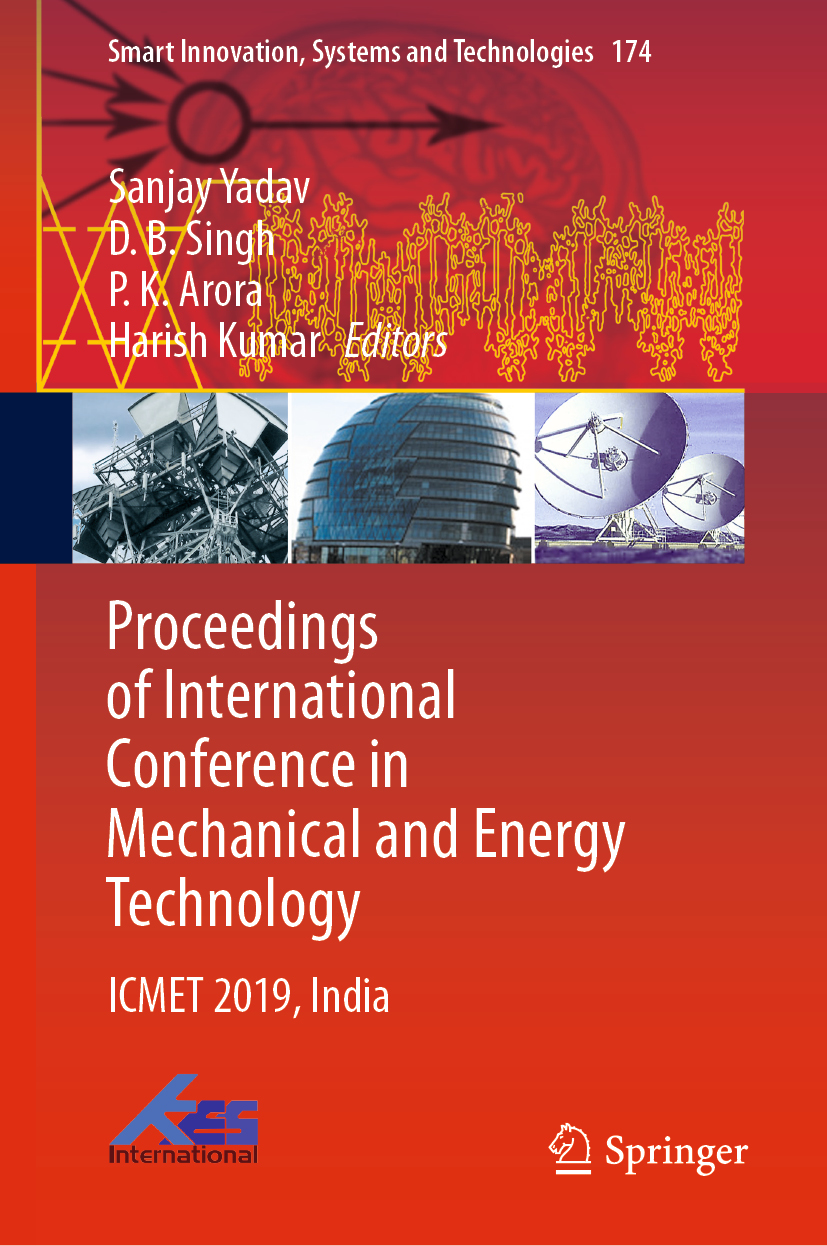
Proceedings of International Conference in Mechanical and Energy Technology This book presents selected peer-reviewed papers from the International Conference on Mechanical and Energy Technologies, which was held on 7–8 November 2019 at Galgotias College of Engineering and Technology, Greater Noida, India. The book reports on the latest developments in the field of mechanical and energy technology in contributions prepared by experts from academia and industry. The broad range of topics covered includes aerodynamics and fluid mechanics, artificial intelligence, nonmaterial and nonmanufacturing technologies, rapid manufacturing technologies and prototyping, remanufacturing, renewable energies technologies, metrology and computer-aided inspection, etc. Accordingly, the book offers a valuable resource for researchers in various fields, especially mechanical and industrial engineering, and energy technologies. TECHNOLOGY & ENGINEERING,Automotive
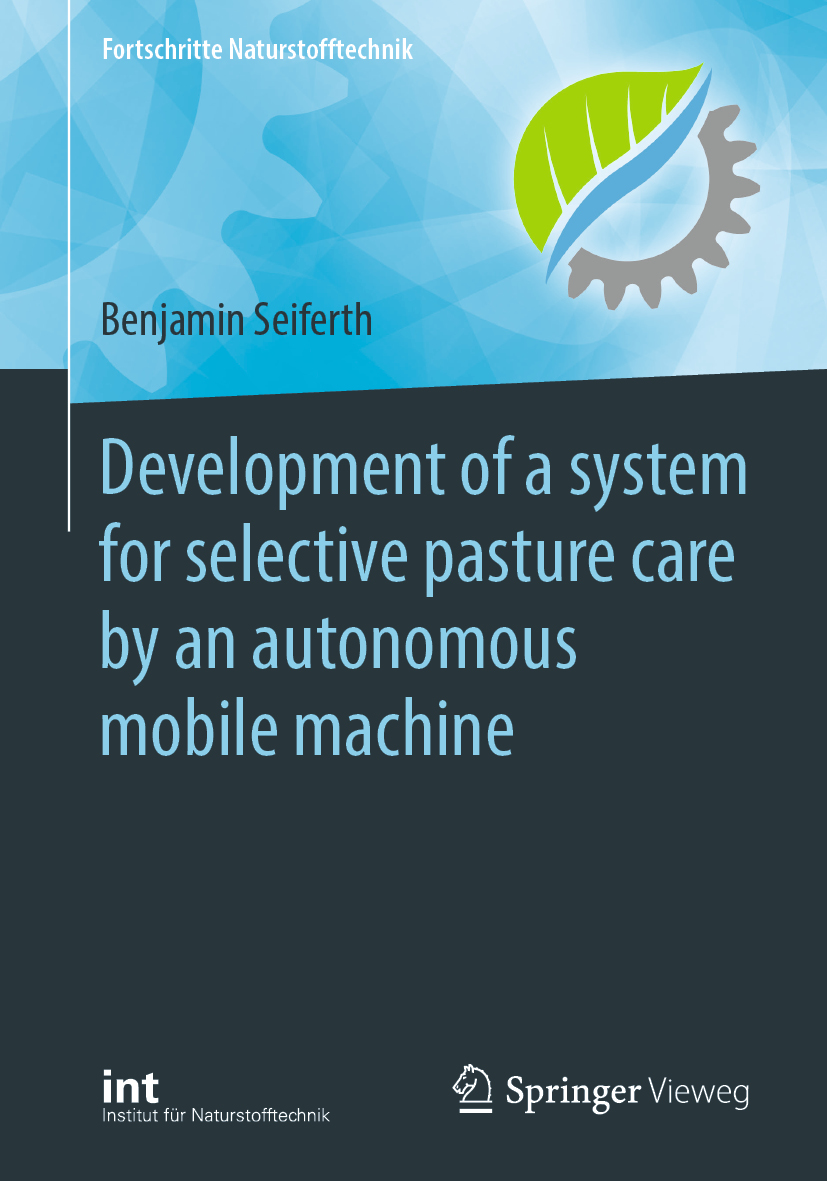
Development of a system for selective pasture care by an autonomous mobile machine This book examines the possibility of automating pasture care by fusing conventional technologies with modern sensor technologies, including the accompanying electrification. It subsequently explores the feasibility and benefits of such a system on the basis of a prototype. The overall challenge in fodder production, and in milk and meat production, is to shift the focus away from the economic aspects and toward achieving a better balance with ecological and societal aspects. In the future, pastureland will become an increasingly valuable resource. Good pasture turf is the basis of high grazing performance and an efficient grazing farm; reduced quantity and quality of pasture forage are chiefly due to insufficient pasture care. The prototype developed and discussed here, based on a commercially available remote-controlled mulcher, performs the selective pasture maintenance needed for precision farming. The vehicle has been upgraded with a GPS system for automatic guidance, while a 2D laser scanner is used to localise relevant spots in real-time. The pasture maintenance operations include mulching of un-grazed spots and reseeding of damage done by footsteps. The book presents the results of field tests on effective spot detection and the fuel-saving benefits of selective mulching. TECHNOLOGY & ENGINEERING,Automotive
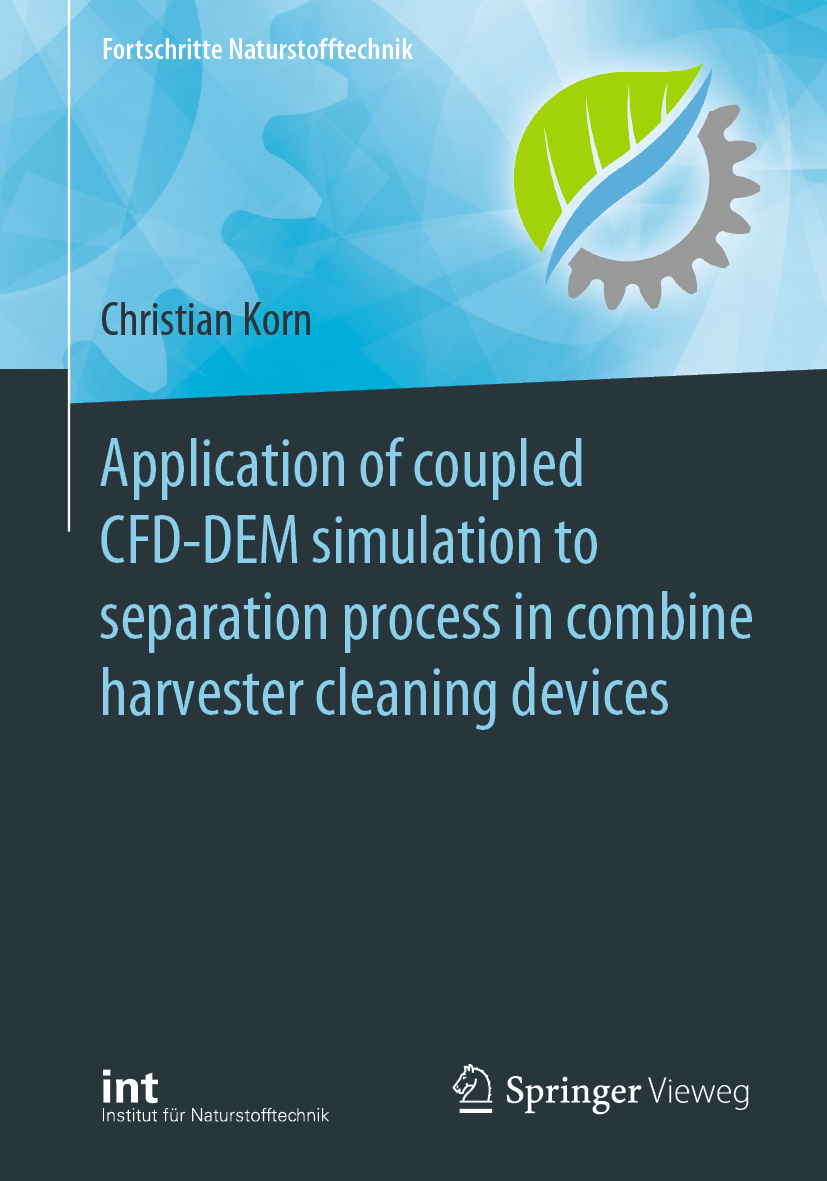
Application of coupled CFD-DEM simulation to separation process in combine harvester cleaning devices This book discusses the application of the coupled CFD-DEM approach for simulating the separation of grain and material other than grain in combine harvester cleaning devices. Based on a literature study, it describes the most important influencing factors and presents a database for particle parameterization. It investigates the separation process in two steps with differing levels of process abstraction. The first step involves numerical separation in a vertically oscillating box with airflow, and in the context of a sensitivity study, investigates the effect of selected material, contact and operating parameters on the target variables’ separation time and grain purity. In the second step, the numerical separation process was performed in a 200 mm wide segment of a combine harvester cleaning device. The numerical results were then compared with experimental investigations in order to confirm the method’s applicability. TECHNOLOGY & ENGINEERING,Automotive
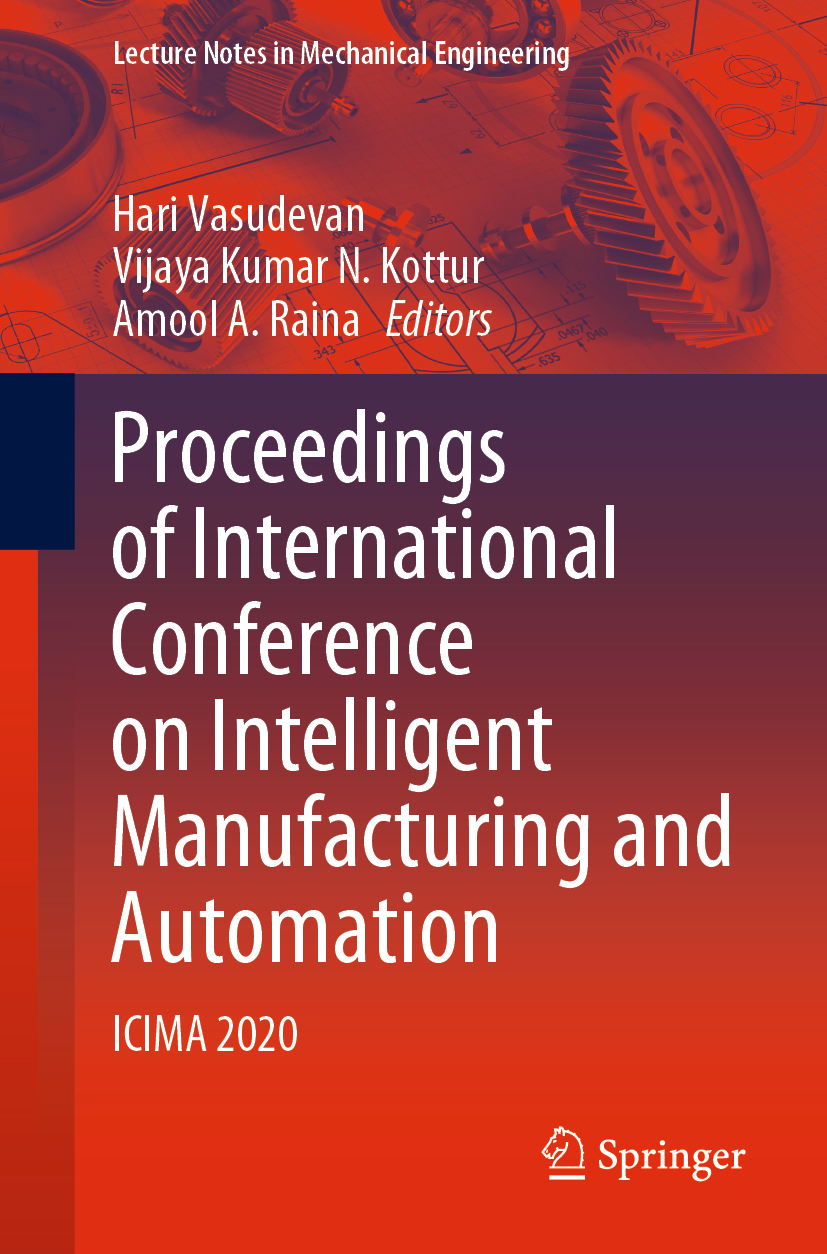
Proceedings of International Conference on Intelligent Manufacturing and Automation This book gathers selected papers presented at the Second International Conference on Intelligent Manufacturing and Automation (ICIMA 2020), which was jointly organized by the Departments of Mechanical Engineering and Production Engineering at Dwarkadas J. Sanghvi College of Engineering (DJSCE), Mumbai, and by the Indian Society of Manufacturing Engineers (ISME). Covering a range of topics in intelligent manufacturing, automation, advanced materials and design, it focuses on the latest advances in e.g. CAD/CAM/CAE/CIM/FMS in manufacturing, artificial intelligence in manufacturing, IoT in manufacturing, product design & development, DFM/DFA/FMEA, MEMS & nanotechnology, rapid prototyping, computational techniques, nano- & micro-machining, sustainable manufacturing, industrial engineering, manufacturing process management, modelling & optimization techniques, CRM, MRP & ERP, green, lean & agile manufacturing, logistics & supply chain management, quality assurance & environmental protection, advanced material processing & characterization of composite & smart materials. The book is intended as a reference guide for future researchers, and as a valuable resource for students in graduate and doctoral programmes. TECHNOLOGY & ENGINEERING,Automotive
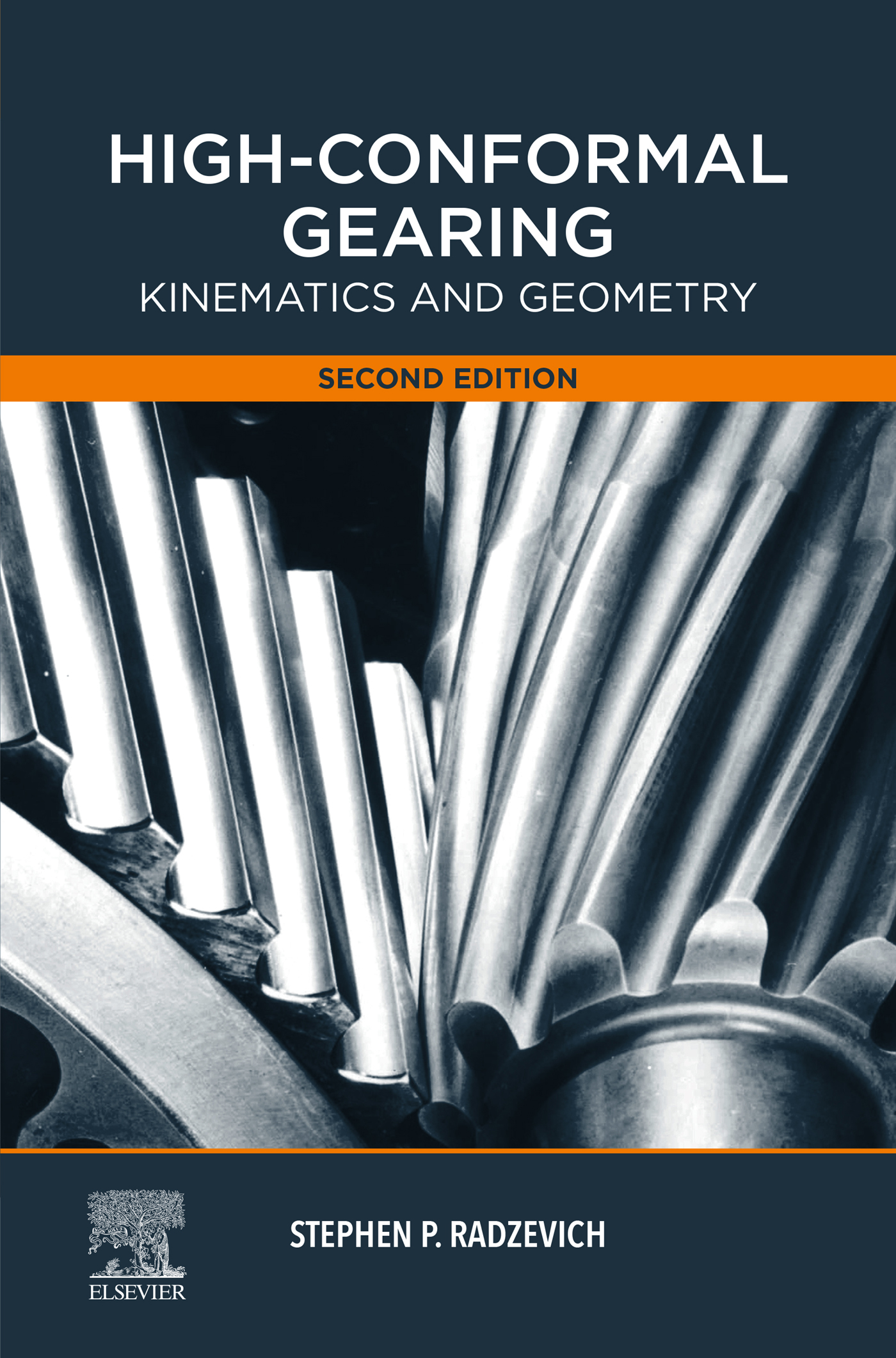
High-Conformal Gearing The new edition of High-Conformal Gearing continues to address the kinematics and the geometry of conformal (Novikov) gearing and high-conformal gearing. The book deals with gears that feature convex-to-concave contact of the tooth flanks of a gear and a mating pinion. Gears of this type are commonly referred to as conformal gearings. Novikov gearing is the most widely known example of conformal gearing. The helical gearing by Wildhaber, Bramley-Moore (otherwise known as the Vivkers, Bostock, and Bramley gearing, or just V.B.B.-gearing), are well-known designs of gearing that are loosely referred to as conformal gearing. The principal differences between conformal gearing as well as high-conformal gearing and Wildhaber helical gearing are outlined. It also shows that Wildhaber helical gearing from one side, and Novikov gearing from another side, are two completely different gear systems that cannot be combined into a common gear system. This book aids mechanical, automotive, and robotics engineers specializing in gear design with successfully transmitting a rotation. It also serves as a resource for graduate students taking advanced courses in gear design. Discusses the kinematics and geometry of conformal and high-conformal gearing Provides a specific set of conditions which need to be met when designing conformal and high-conformal gears Outlines the principal differences between conformal, high-conformal and Wildhaber helical gearing TECHNOLOGY & ENGINEERING,Automotive

Bioengineering Approaches to Pulmonary Physiology and Medicine As the current millennium steams towards a close, one cannot help but look with amazement at the incredible amount of progress that has been achieved in medicine in just the last few decades. A key contributing factor to this success has been the importation and blending of ideas and techniques from disciplines outside the traditional borders of medical science. In recent years, the most well-known example is the cross-pollination between molecular biology and medicine. Advances driven by this potent combination have spawned the vision of a future where cures based on gene therapy become commonplace. Yet, as we continue our search for "magic bullets" in the quest to eradicate disease, it important to recognize the value of other less-heralded interdisciplinary efforts that have laid a large part of the foundation of present-day medicine. In pulmonary medicine, the contribution from the bioengineers (a diverse collection of individuals cross-bred to various degrees in mathematical modeling and experimental physiology) has been larger and more sustained than in many other medical specialties. It is easy to point to the vast array of ventilators, blood-gas analyzers, oximeters, pulmonary function devices, and respiration monitors that are present in any modern clinical setting as solid evidence of the successful synergy between engineering science and pulmonary medicine. However, one must not forget the less tangible, but perhaps more important, contributions that have been derived from mathematical modeling and computer simulation, without which many of these modern instruments would not have come into existence. TECHNOLOGY & ENGINEERING,Biomedical
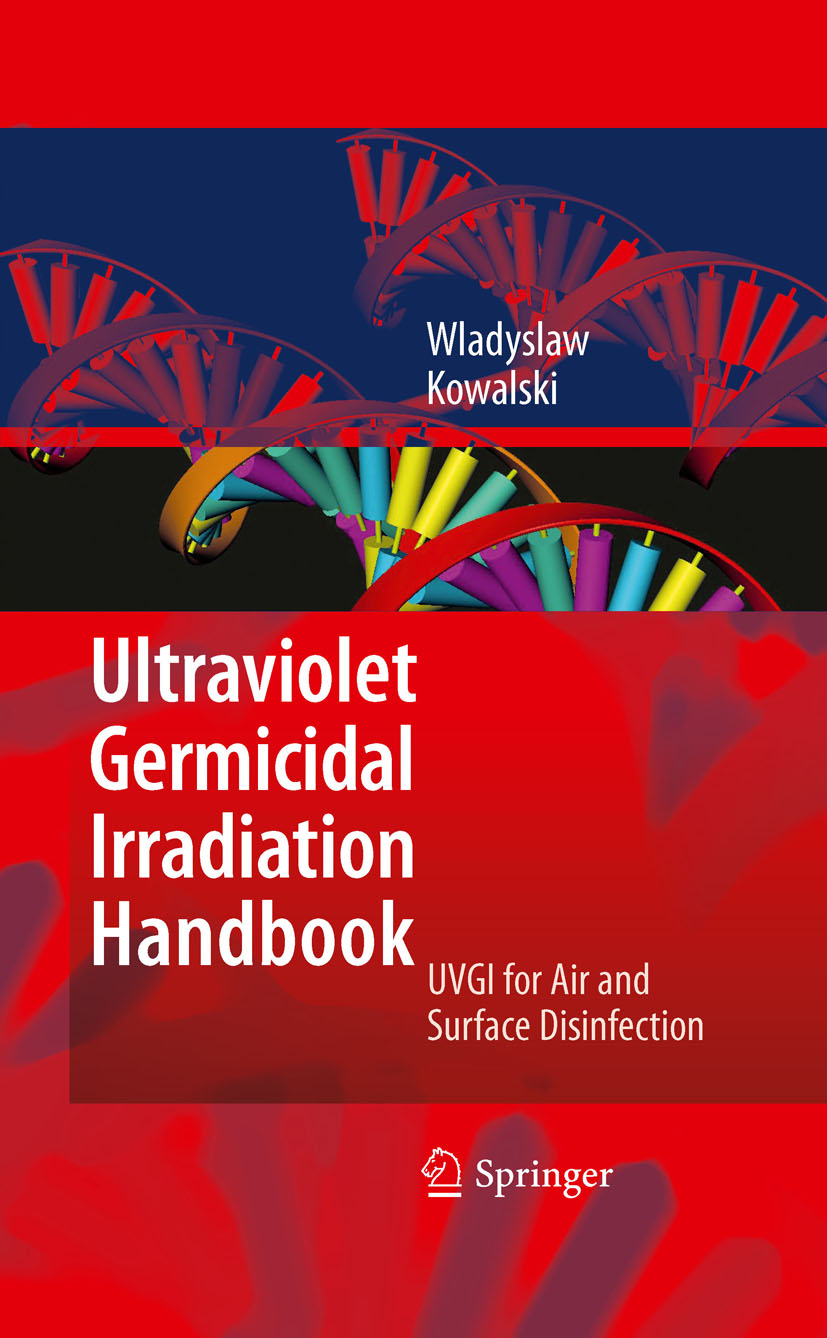
Ultraviolet Germicidal Irradiation Handbook This reference covers technical information on ultraviolet germicidal irradiation and its application to air and surface disinfection and the control of pathogens and allergens. Its main focus is airborne microbes and surface contamination applications. TECHNOLOGY & ENGINEERING,Biomedical
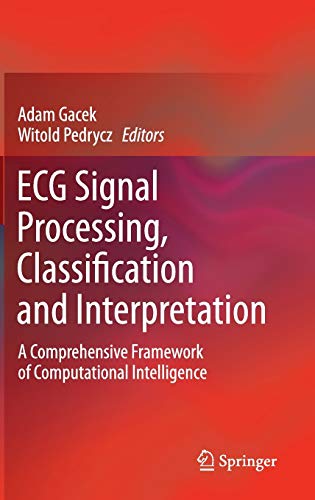
ECG Signal Processing, Classification and Interpretation The book shows how the various paradigms of computational intelligence, employed either singly or in combination, can produce an effective structure for obtaining often vital information from ECG signals. The text is self-contained, addressing concepts, methodology, algorithms, and case studies and applications, providing the reader with the necessary background augmented with step-by-step explanation of the more advanced concepts. It is structured in three parts: Part I covers the fundamental ideas of computational intelligence together with the relevant principles of data acquisition, morphology and use in diagnosis; Part II deals with techniques and models of computational intelligence that are suitable for signal processing; and Part III details ECG system-diagnostic interpretation and knowledge acquisition architectures. Illustrative material includes: brief numerical experiments; detailed schemes, exercises and more advanced problems. TECHNOLOGY & ENGINEERING,Biomedical
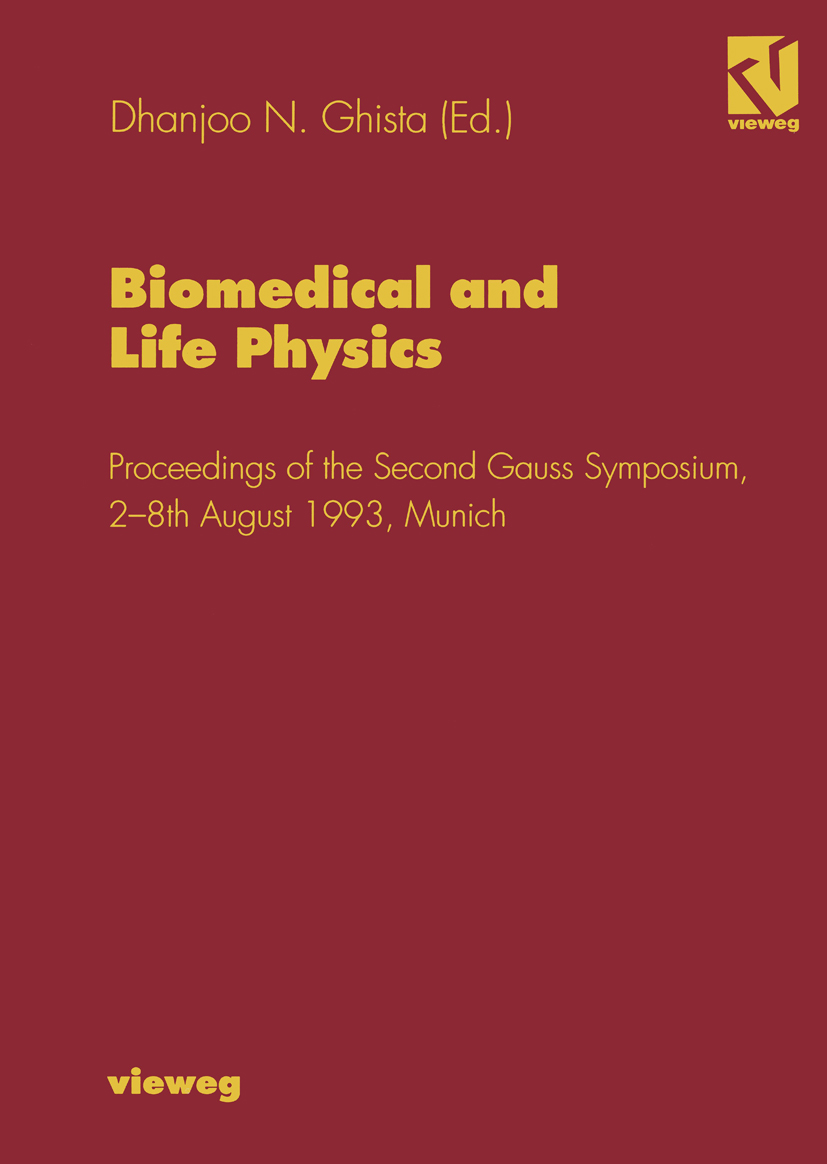
Biomedical and Life Physics D. N. Ghista (Based on the Opening Address at the International Conference on Biomedical Physics & Mathematics of the Gauss Symposium, August 2, 1993 at Ludwig Maximillians Universitiit, Munchen, Germany) The traditional practice of Biomedical physics has now expanded to involve multiple aspects of medical practice: development of systems and technology in medical monitoring (e. g. , PET visualization of brain receptors to identify neuronal dysfunction), diagnosis (e. g. , computer-aided echocardiographic texture analysis to detect myocardial infarcts), organ support (e. g. , peritoneal dialysis), and therapeutic function (e. g. , encapsulation of insulin-producing pancreatic islet cells for treatment of diabetes). However, is Biomedical Physics a relatively new field? Not really, although we may have opened up new vistas of it, as presented in this book. Let us recall some early and well-known physician-cum-biomedical physicists. Both physical and physiological scientists will know of Jean Poiseuille (1799-1869), physician and physiologist; he measured blood pressure with a mercury manometer while being a medical student in Paris, received his medical degree in 1928, and then went on to describe the law of viscous flow (applicable to arteriolar flow). TECHNOLOGY & ENGINEERING,Biomedical

Advances in Materials Science and Implant Orthopedic Surgery Proceedings of the NATO Advanced Study Institute on `Materials Science and Orthopaedic Surgery II', Chania, Crete, Greece, June 19--July 2, 1994 TECHNOLOGY & ENGINEERING,Biomedical
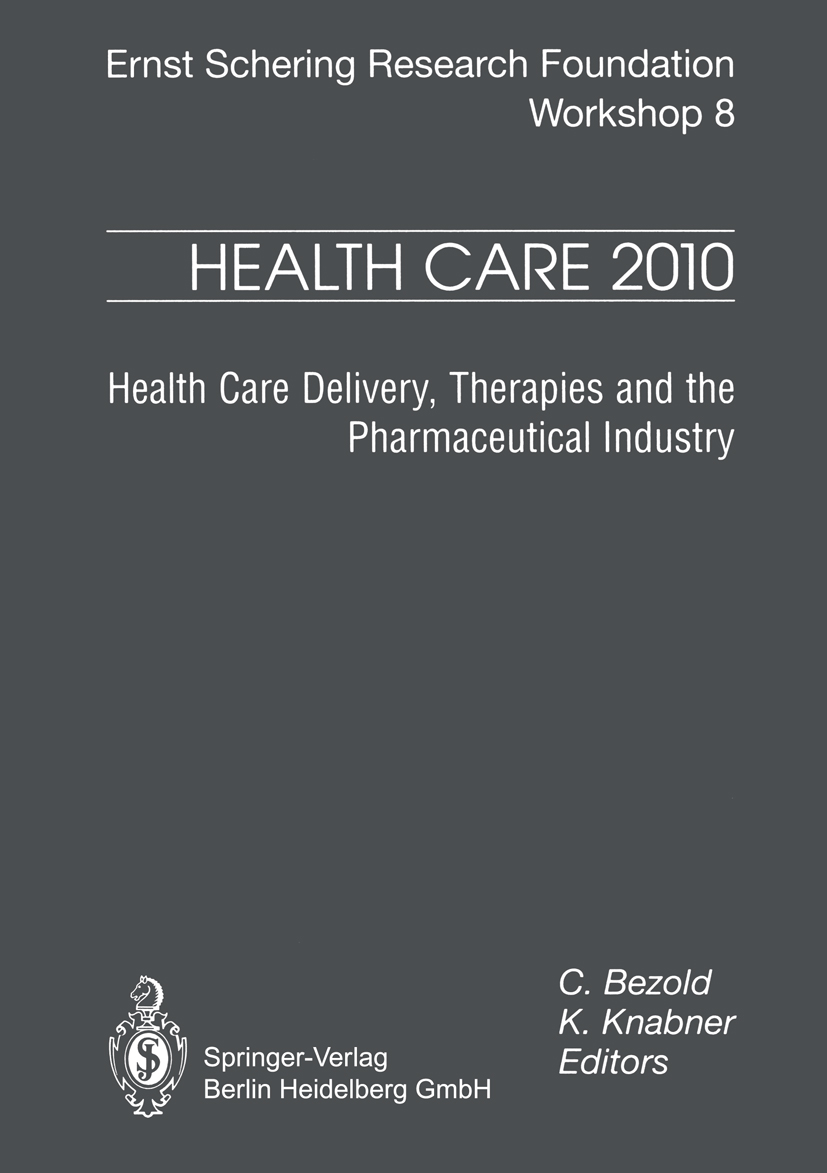
Health Care 2010 Health care delivery, therapies and pharmaceuticals face major changes throughout the industrial world. As cost containment strategies are introduced by governments, as payers become more conscious and influential in their decisions about shaping therapies, and as consumers become more involved in directing their own health care, health care providers and pharmaceutical companies are being challenged to rethink the way they do business. This volume explores these changes and the potential responses. Parallel developments in health care delivery, information systems, pharmaceutical discovery and development are explored in Europe, the U.S. and Japan. Alternative futures or scenarios of health systems in 2010 summarize this diversity in the context of economic growth and economic hard times. This book explores the future of biomedical science by considering how the social, political and economic context in health care delivery and pharmaceutical industry will evolve. There is a slight chance that the future will be a successful extrapolation of the present, far more likely are scenarios which forecast major changes in the paradigms of medicine and health policy. The papers and scenarios in this book review that broader range of change. TECHNOLOGY & ENGINEERING,Biomedical
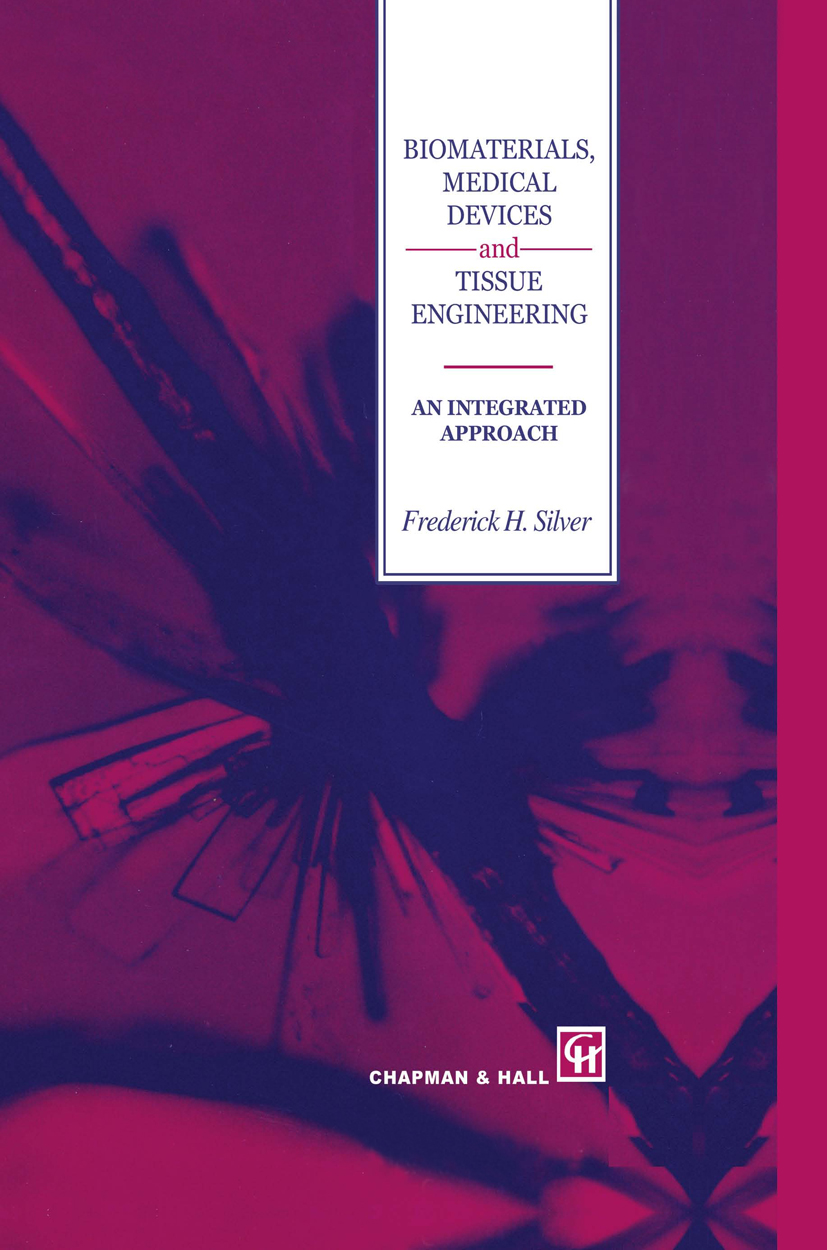
Biomaterials, Medical Devices and Tissue Engineering are then selected and must meet the general 'biocompatibility' require ments. Prototypes are built and tested to include biocompatibility evalua tions based on ASTM standard procedures. The device is validated for sterility and freedom from pyrogens before it can be tested on animals or humans. Medical devices are classified as class I, II or III depending on their invasiveness. Class I devices can be marketed by submitting notification to the FDA. Class II and III devices require either that they show equivalence to a device marketed prior to 1976 or that they receive pre-marketing approval. The time from device conception to FDA approval can range from months (class I device) to in excess of ten years (class III device). Therefore, much planning is necessary to pick the best regulatory approach. 2. Wound Dressings and Skin Replacement 2.1 Introduction Wounds to the skin are encountered every day. Minor skin wounds cause some pain, but these wounds will heal by themselves in time. Even though many minor wounds heal effectively without scarring in the absence of treatment, they heal more rapidly if they are kept clean and moist. Devices such as Band-Aids are used to assist in wound healing. For deeper wounds, a variety of wound dressings have been developed including cell cultured artificial skin. These materials are intended to promote healing of skin damaged or removed as a result of skin grafting, ulceration, burns, cancer excision or mechanical trauma. TECHNOLOGY & ENGINEERING,Biomedical

Transgenic Animals as Model Systems for Human Diseases Some of the current concepts used in transgenic research, an increasingly important tool to study the regulation and function of genes, are illustrated in this book. With these techniques, animal models can be used to study human diseases; this opens up new possibilities in both applied and basic research. Specifically, the ability to introduce genes into the germline of mice and the successful expression of the inserted gene within an organism provide new insights and opportunities for biomedical research. The discussion here shows how a detailed analysis of the underlying molecular mechanisms will provide new insights into the genetic origin of certain diseases and will lead to a better understanding of normal and abnormal physiological processes. TECHNOLOGY & ENGINEERING,Biomedical
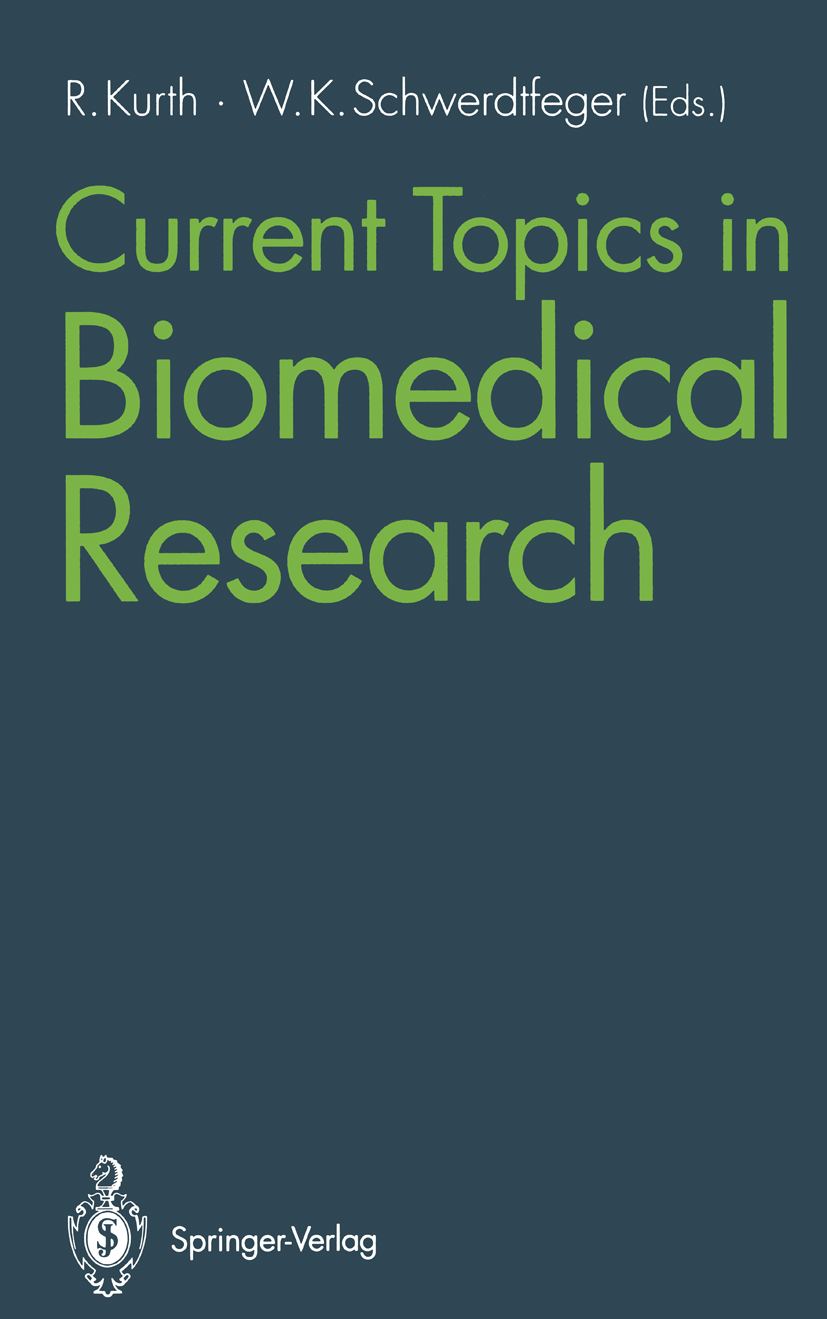
Current Topics in Biomedical Research A select group of highly renowned scientists - among themfour Nobel Prize Winners - have been asked to summarizesignificant developments of their ownrecent research in thelife sciences at a workshop organized on the occasionof theopening of the new Paul-Ehrlich-Institut in Langen nearFrankfurt/ Main. They do this in a comparative fashionevaluating similar achievements in adjacent fields. Theirintellectual state-of-the-art analysis and fascinatingoutlook on future perspectives provides exciting andstimulating reading.The authors address areas in virology, immunology, oncologyand evolution. Intelligent design of vaccines and otherimmunologial drugs, virus evolution and viruses as nature'sengineers, pathology of chronic autoimmune and centralnervous system diseases and the biology of mammary cancerbelong to the topics discussed. A book easy to read forscientists, doctors and students interested in rapidlydeveloping fields in the life sciences. TECHNOLOGY & ENGINEERING,Biomedical
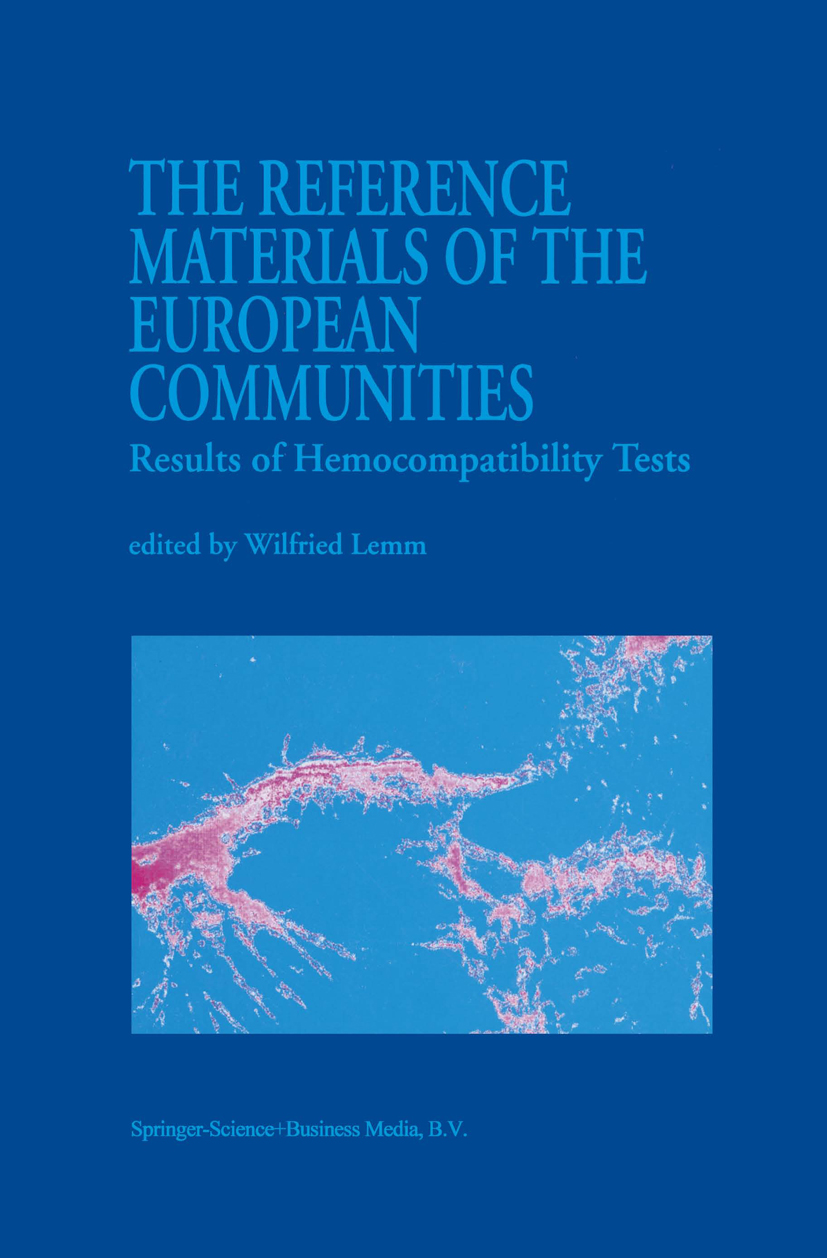
The Reference Materials of the European Communities The demand for hemocompatibility is one of the fundamental requirements for a safe and sufficient application of artificial surfaces in contact with blood. Thrombus formation and infarctions of the capillary vascular system after blood-biomaterial interaction, as well as the activation of the complement system and the phenomenon of biodegradation, remain problematic areas. However, medical devices where large areas of artificial surfaces contact the blood of patients are applied in enormous quantities. In spite of the significance of this branch of modern medicine and some spectacular successes in therapy, organ support and organ replacement, clearly specified criteria and instructions for the design of devices and artificial blood-contacting surfaces do not yet exist. Standardized and generally-accepted test procedures for the precise quantification and validation of events at the blood-biomaterial interface are urgently needed: their absence limits safe medical therapy and the development of more efficient hemocompatible materials. This volume addresses the need for hemocompatibility standards by presenting the results of tests performed on the surfaces of the Reference Materials of the European Communities. Promoted by the EUROBIOMAT Research program of the European Communities in cooperation with the International Standards organization, this is a major contribution to the development of internationally accepted hemocompatibility test standards. TECHNOLOGY & ENGINEERING,Biomedical
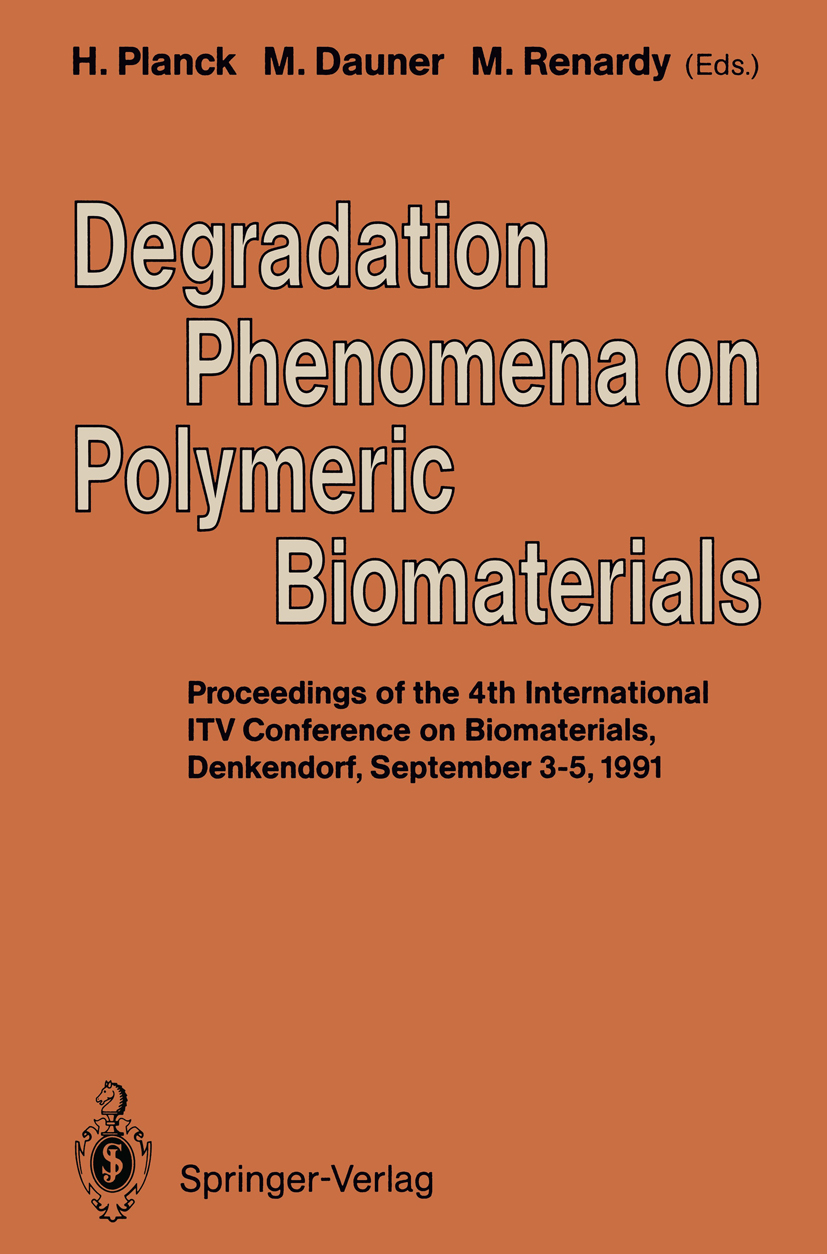
Degradation Phenomena on Polymeric Biomaterials Proceedings of the 4th International Conference on Biomaterials, Denkendorf, September 3-5, 1991 TECHNOLOGY & ENGINEERING,Biomedical
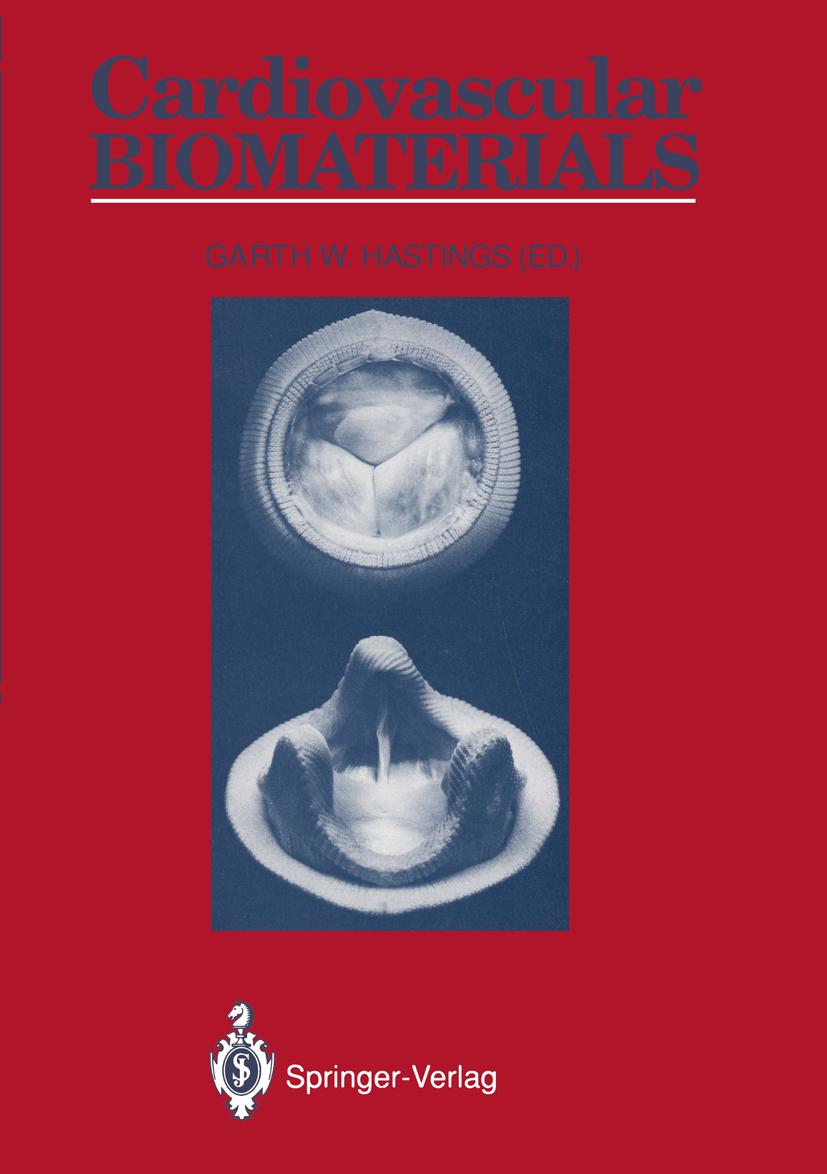
Cardiovascular Biomaterials Cardiovascular Biomaterials presents current research material developed by contributors from universities and professional laboratories in the UK, USA, Canada, and Germany. TECHNOLOGY & ENGINEERING,Biomedical

Electrotherapy of the Heart Since 1958, when the first cardiac pacing system wasimplanted, the exemplary collaboration between medicine andengineering has developed into an extremely successfultherapy.The book highlights many of the recent and most importanttechnological advances and shows the multidisciplinarynature of the technical task of pacemaker development whichis based on the diverse components of physiology,electronics, physics, electrochemistry and the materialsciences. TECHNOLOGY & ENGINEERING,Biomedical
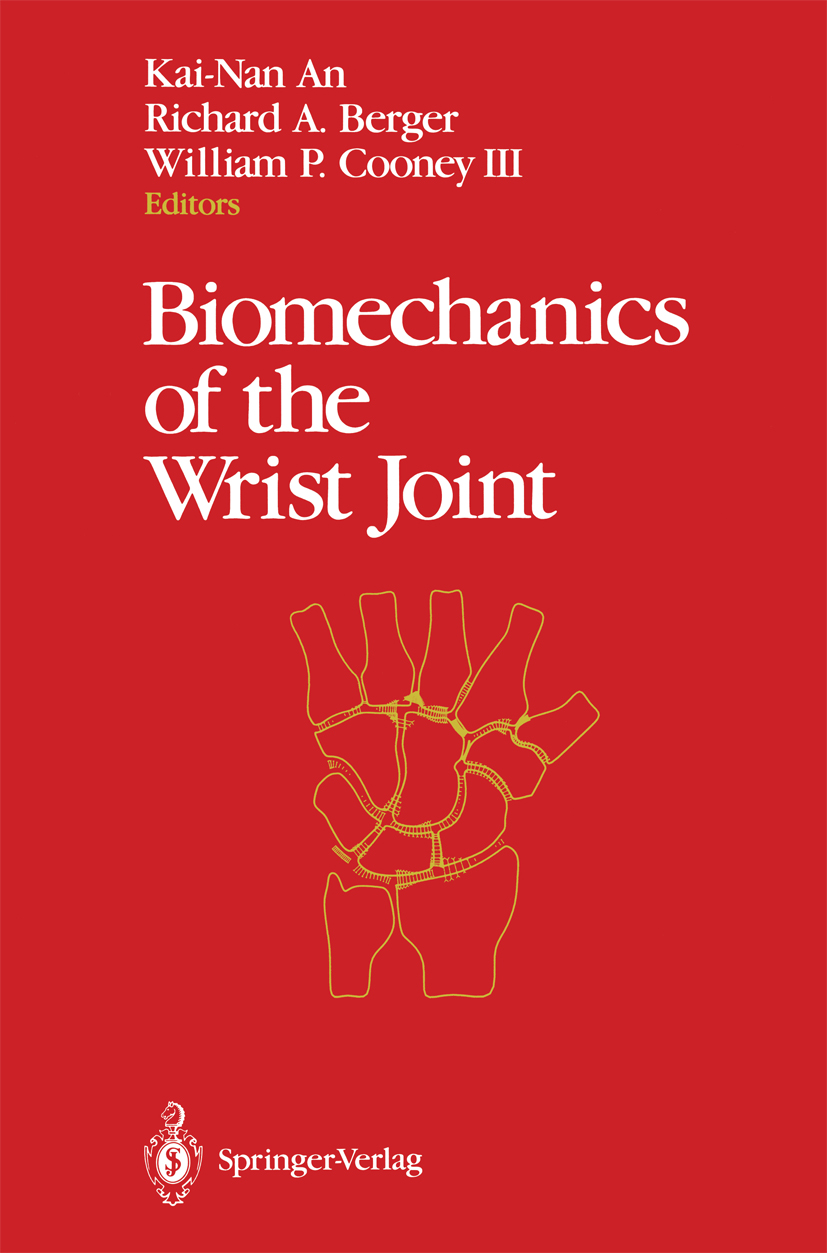
Biomechanics of the Wrist Joint Clinical interest in the wrist joint has accelerated markedly in the last two decades. Clinical diagnosis based on a greater understanding of wrist anatomy, biomechanics and increasingly sophisticated imaging techniques has markedly enhanced our ability to treat disorders of this joint. As our clinical acumen becomes better, we increasingly need more accurate understanding of the basic mechanisms by which the wrist is able to carry out its function. This book represents a compendium of work done by a number of authors in the basic sciences and their presentations at a recent workshop on biomechanics. This work, while at the forefront of current research in this area, is but an indicator of the type of information that is increasingly required to progress in this field. The authors have made some sound contributions and this book should be of considerable interest and help to those individuals who are contributing to progress in this field. It will be of even greater importance if it helps to stimulate the reader to become involved in further research into the intricacies of the wrist and help us to solve its numerous problems. I hope the reader will enjoy reading these chapters as much as I did in listening to them at the time of their presentations. Ronald L. Linscheid, M.D. President 1989-1990 American Society for Surgery of the Hand Mayo Clinic Rochester, Minnesota Preface Work related injury lIas become a major factor in current world economics. TECHNOLOGY & ENGINEERING,Biomedical

Modern Aspects of Protein Adsorption on Biomaterials The present book relates to the scientific records of a workshop held in Patras, Greece, in June 1989, under the auspices and with financial support of the European Economic Communities (Concerted Action EUROBIOMAT - Hemocompatibility - of the Medical Research Programme, Project: 11.1.212). This concerted action promotes the collaboration on science and technology on the particular field of hemocompatible biomaterials: exchange of experts, scholarships and scientific workshops within the EC-member countries and COST countries such as Sweden, Finland, Turkey, Switzerland. The first part of this monography refers to the oral presentations of the par ticipants. The second part gives the book its unique character: the scientific discussion on updated aspects of protein adsorption of synthetic polymers in contact with blood. This second part is subdivided into nine chapters where specific topics were discussed freely, open-minded and even controversially. This book intends to elucidate recurrent questions concerning the initial event when blood contacts artificial surfaces. Young investigators will consider this book to be appropriate to get familiar with the scientific background and the most relevant techniques and methods. TECHNOLOGY & ENGINEERING,Biomedical
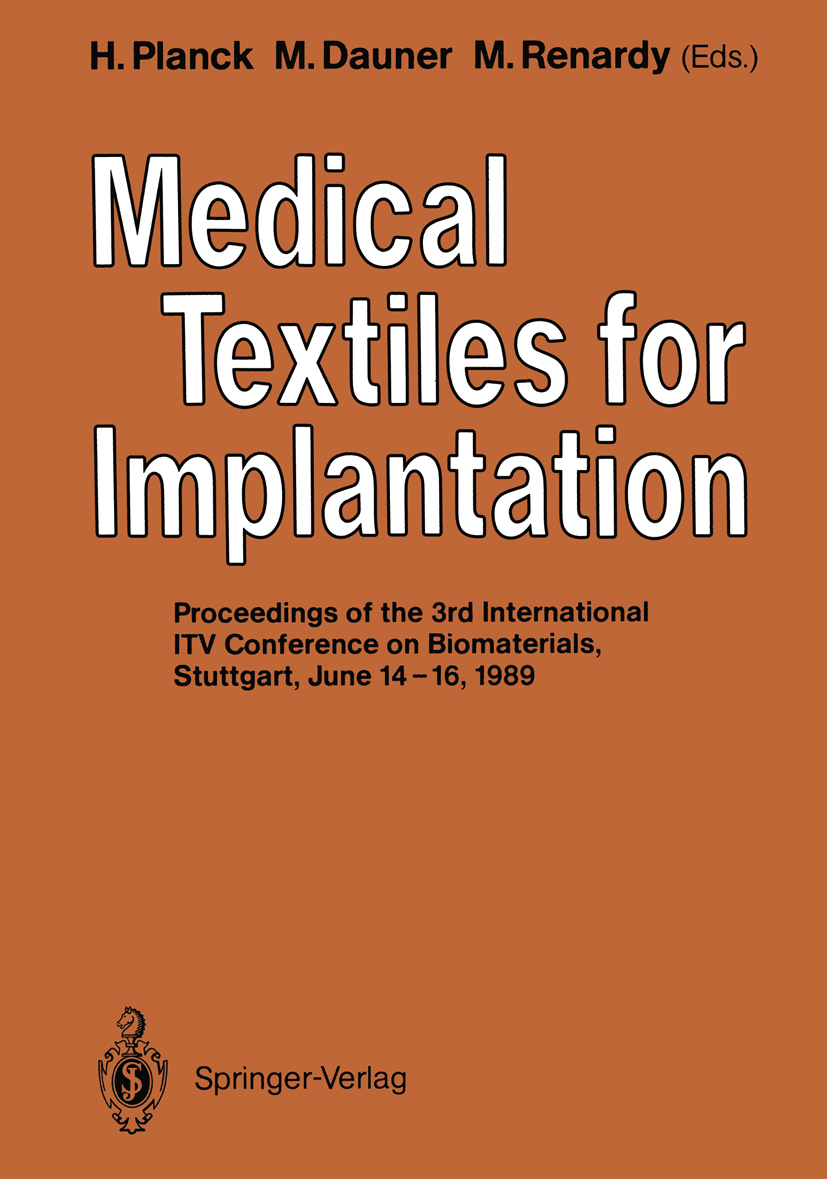
Medical Textiles for Implantation Proceedings of the 3rd International ITV Conference on Biomaterials, Stuttgart, June 14-16, 1989 TECHNOLOGY & ENGINEERING,Biomedical
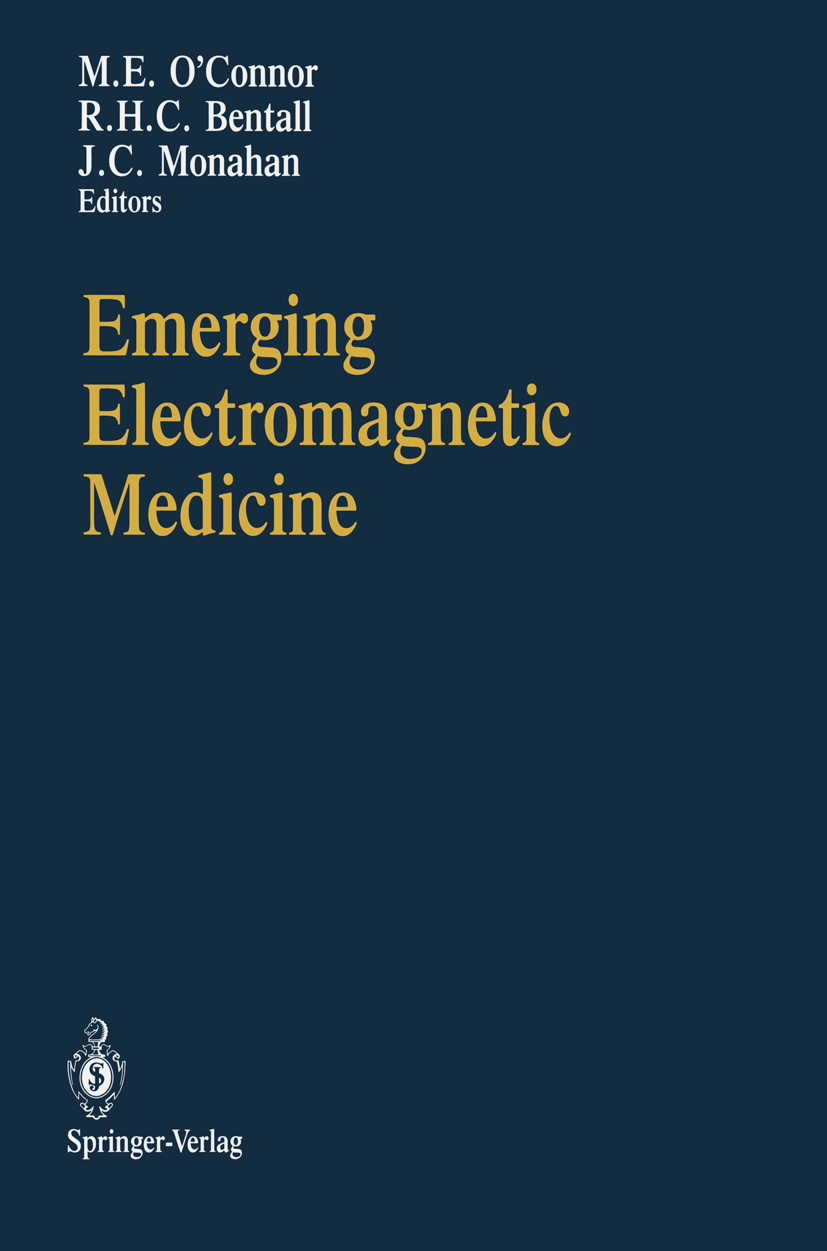
Emerging Electromagnetic Medicine Emerging Electromagnetic Medicine presents the latest research findings in the field of electromagnetic radiation. The book discusses the research of current active researchers in terms of synthesizing and sharing their ideas on the use of electromagnetic fields in diagnostic and therapeutic medicine, now and in the future, including the benefits and risks involved. The book consists of three parts prefaced by a brief historic perspective. Section I describes the theoretical concerns and actual mechanisms involved; Section II covers current preclinical studies, performed in vivo and in vitro, concerning the biological action of the electromagnetic radiation; and Section III reports on actual clinical applications of electromagnetic therapy and also the current machinery used to do so. TECHNOLOGY & ENGINEERING,Biomedical

Biomechanics of Diarthrodial Joints Historical folklore indicates that Asklepios (circa 900 BC), the fir~t western doctor of ancient Greece, treated many patients with rheumatic diseases of 1 joints ,2. Later, Hippocrates (circa 400 BC), who claimed to have learned from Asklepios, used the term arthritis in reference to joint diseases: "When the disease of arthritis strikes, acute inflammation and pain attacks the joints of the body ... ". Indeed, arthritic joint disease dates much farther back into antiquity than Asklepios. Many modern anthropologists have noted degenerative joint disease in the fossils of Neanderthal man (archanthropus europeus petraloniensis) and even in those of dinosaurs. More recent scientific studies on joints date back to the work of the great English anatomist Hunter who wrote "The Structure and Diseases of Articular Cartilage" in the Philosophical Transactions of London in 1743. The notion that osteoarthritis results from the wearing away of cartilage was copiously documented by the histological observations of the German physician Ecker in 1843. This idea was further supported by Pommer (1927) who felt that mechanical stresses played important roles in the initiation and propagation of cartilage lesions leading to osteoarthritis. This same conclusion was reached by the assembled distinguished experts at a National Institutes of Health Workshop 3 held in 1986 . TECHNOLOGY & ENGINEERING,Biomedical
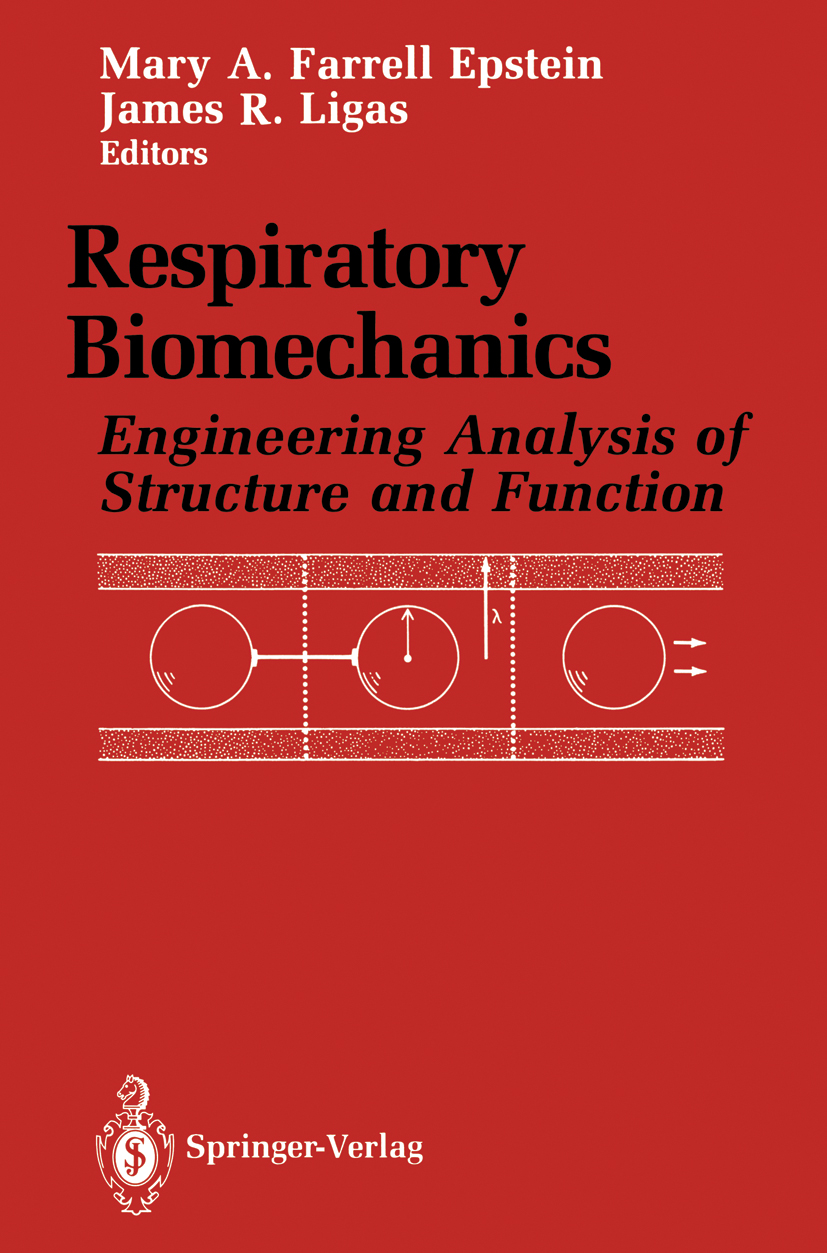
Respiratory Biomechanics This proceedings volume brings together the invited papers from the Respiratory Biomechanics Symposium of the First World Congress of Biomechanics held in La Jolla, California from August 3D-September 4, 1990. The respiratory system offers many opportunities to apply the different branches of traditional mechanics. Tissue defonnations and stresses during lung expansion can be analyzed using the principles of solid mechanics. Fluid mechanical problems in the lung are unique. There is the matched distribution of two fluids, gas and blood, in two beautifully intertwined, branched conduit systems. The reversing flow of the gas phase presents different problems than the pulsatile flow of the non-Newtonian fluid that is the blood. On the smaller scale, there is the flux of fluids and solutes across the capillary membrane. Finally, there is the problem of coupling fluid and solid mechanics to understand the overall behavior of the respiratory system. In this symposium, we have chosen to address the basic processes that contribute to the gas and fluid exchange functions of the lung. Section 1, Lung Tissue Mechanics, provides an historical background and, then, presents more recent work on the structure of the lung parenchyma, the mechanics of the tissue, and the effects of the bounding membrane, the visceral pleura. TECHNOLOGY & ENGINEERING,Biomedical
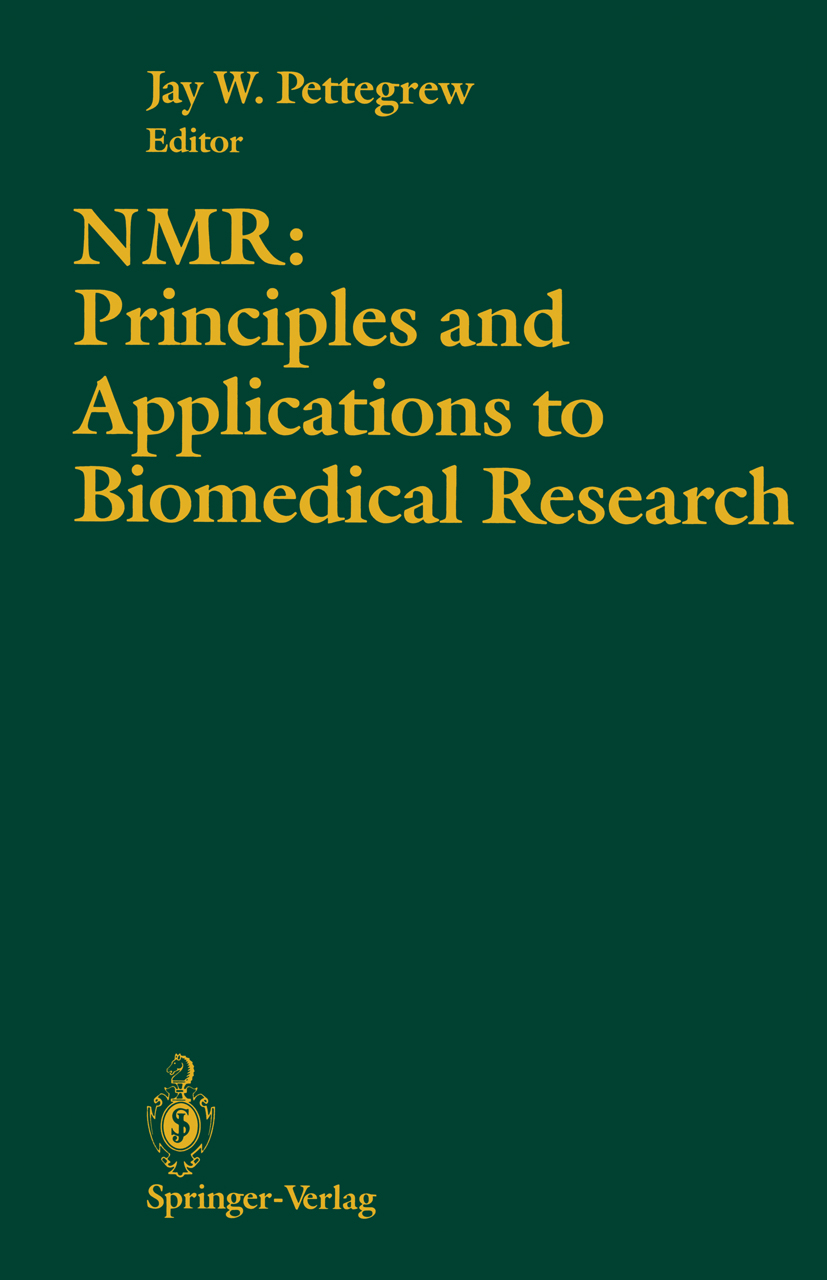
NMR Nuclear magnetic resonance (NMR) is having an enormous liTIpact on biomedical research both at the basic science and clinical levels. In order to appreciate the elegance and power of this technology a historical perspective is in order. In 1924 Pauli suggested that hydrogen nuclei might possess a magnetic IIlOlllent. This was in fact confinned by Rabbi in 1939 who demonstrated that a beam of hydrogen molecules in the presence of a magnetic field could be mutated by radio frequency fields resonating at the Iarmor frequency. 'Ihe first successful NMR experiments in condensed matter were independently conducted in late 1945 by Purcell, Torrey and PoUnd and by Bloch, Hansen and Packard. 'Ihe Purcell group detected proton NMR in solid paraffin and the Bloch group detected proton in liquid water. Bloch and Purcell received the Nobel Prize in physics in 1952 for these observations . Until about 1952, studies of liquids and solids with broad resonance lines dominated the field of NMR. However, the reports of 3 1 P NMR chemical shifts in several corrpounds in 1949 by Khight, of 14 N resonances in several ions by Proctor and Yu in 1950, and of 1 9 F resonances in several corrpounds in 1950 by Dickinson led to the development of high resolution NMR in Itquids. since the molecular motions in liquids result in very narrow lines compared to those in solids, :much smaller chemical shifts could be detected. TECHNOLOGY & ENGINEERING,Biomedical

EMG Signals Characterization in Three States of Contraction by Fuzzy Network and Feature Extraction Neuro-muscular and musculoskeletal disorders and injuries highly affect the life style and the motion abilities of an individual. This brief highlights a systematic method for detection of the level of muscle power declining in musculoskeletal and Neuro-muscular disorders. The neuro-fuzzy system is trained with 70 percent of the recorded Electromyography (EMG) cut off window and then used for classification and modeling purposes. The neuro-fuzzy classifier is validated in comparison to some other well-known classifiers in classification of the recorded EMG signals with the three states of contractions corresponding to the extracted features. Different structures of the neuro-fuzzy classifier are also comparatively analyzed to find the optimum structure of the classifier used. TECHNOLOGY & ENGINEERING,Biomedical

Advanced Methods of Physiological System Modeling This volume is the third in a series entitled" Advanced Methods of Physiological System Modeling" and the fifth in a series of research volumes published by Plenum under the sponsorship of the Biomedical Simulations Resource (BMSR) at the Uni versity of Southern California in the context of dissemination activities supported by the Biomedical Research Technology Program of the National Center for Research Resources at the National Institutes of Health under Grant No. P41 RR-OI861. These volumes are edited by BMSR principal scientists and report on recent research de velopments in the area of physiological systems modeling, as well as on advanced methods for analysis of physiological signals and data. As in the previous two volumes of this series, the work reported herein is con cerned with the development of advanced modeling methodologies and their novel application to problems of biomedical interest, with emphasis on nonlinear aspects of physiological function. The term "advanced methodologies" is used to indicate that the scope of this work extends beyond the ordinary type of analysis, which is confined traditionally to the linear domain. As the importance of nonlinearities in understanding the complex mechanisms of physiological function is increasingly recognized, the need for effective and practical modeling methodologies that address the issue of nonlinear dynamics in life sciences becomes more and more pressing. TECHNOLOGY & ENGINEERING,Biomedical
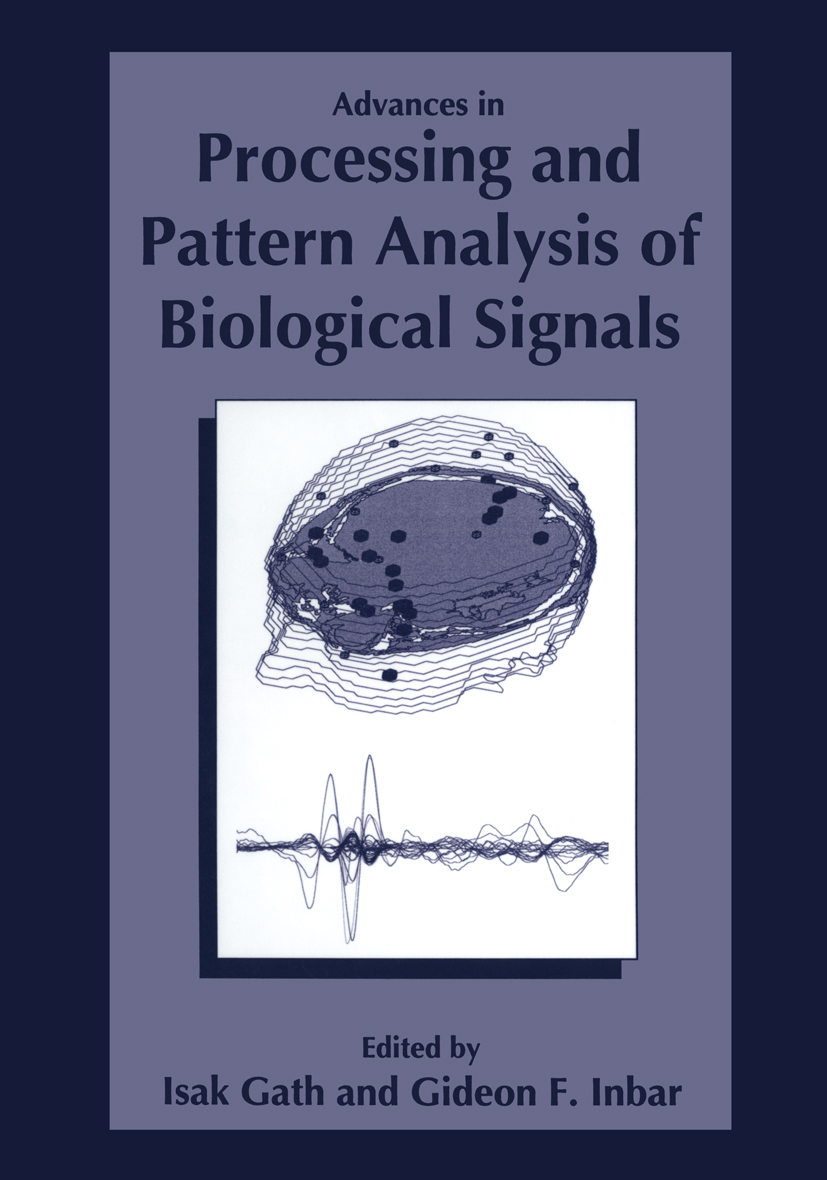
Advances in Processing and Pattern Analysis of Biological Signals In recent years there has been rapid progress in the development of signal processing in general, and more specifically in the application of signal processing and pattern analysis to biological signals. Techniques, such as parametric and nonparametric spectral estimation, higher order spectral estimation, time-frequency methods, wavelet transform, and identifi cation of nonlinear systems using chaos theory, have been successfully used to elucidate basic mechanisms of physiological and mental processes. Similarly, biological signals recorded during daily medical practice for clinical diagnostic procedures, such as electroen cephalograms (EEG), evoked potentials (EP), electromyograms (EMG) and electrocardio grams (ECG), have greatly benefitted from advances in signal processing. In order to update researchers, graduate students, and clinicians, on the latest developments in the field, an International Symposium on Processing and Pattern Analysis of Biological Signals was held at the Technion-Israel Institute of Technology, during March 1995. This book contains 27 papers delivered during the symposium. The book follows the five sessions of the symposium. The first section, Processing and Pattern Analysis of Normal and Pathological EEG, accounts for some of the latest developments in the area of EEG processing, namely: time varying parametric modeling; non-linear dynamic modeling of the EEG using chaos theory; Markov analysis; delay estimation using adaptive least-squares filtering; and applications to the analysis of epileptic EEG, EEG recorded from psychiatric patients, and sleep EEG. TECHNOLOGY & ENGINEERING,Biomedical
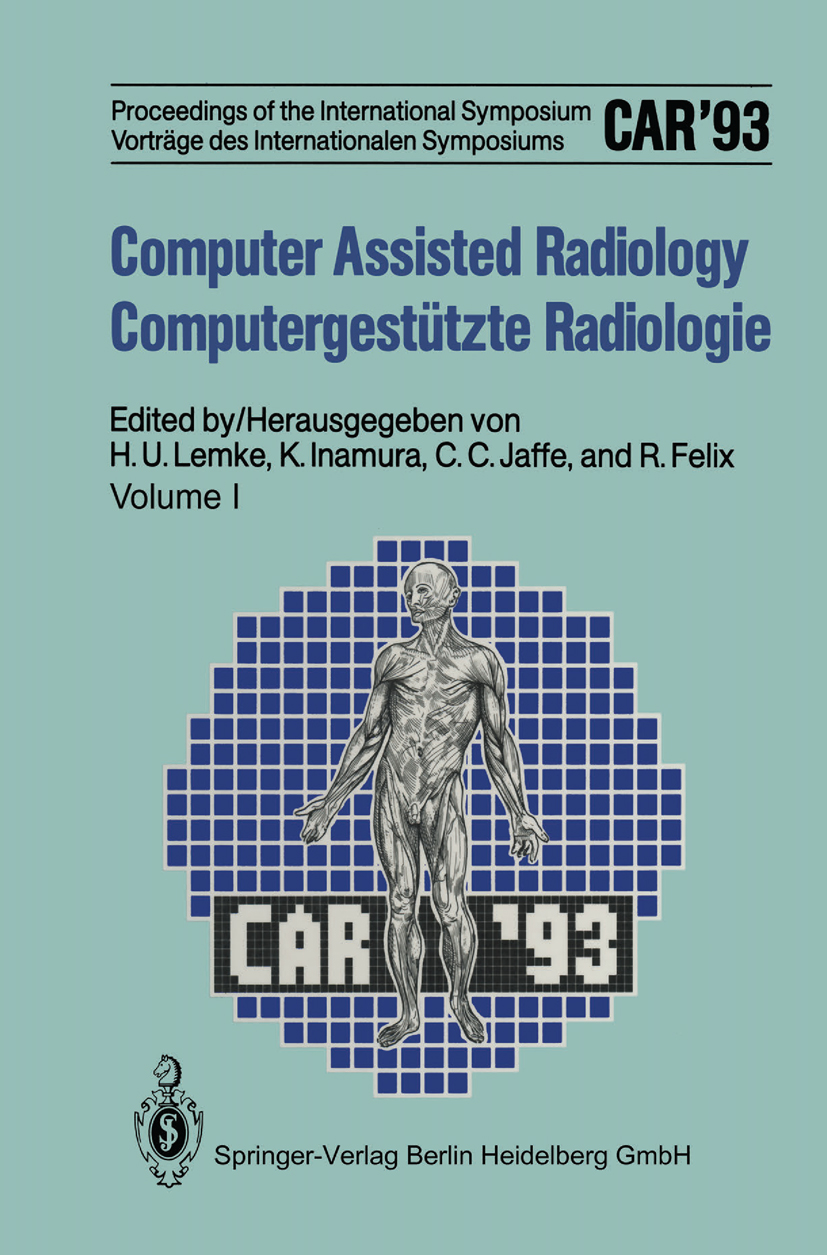
Computer Assisted Radiology / Computergestützte Radiologie CAR is a symposium and exhibition covering the impact ofcomputer and communication systems applied to radiology andother medical disciplines, which use digital imaging fordiagnosis and therapy planning. CAR '93 also providestutorials, but more emphasis is given to a broad variety ofspecific problems related to medical/technical issues indigital imaging.This is achieved through in-depth presentations of resultsof current medical imaging projects on a worldwide basis. TECHNOLOGY & ENGINEERING,Biomedical

Data Book on Mechanical Properties of Living Cells, Tissues, and Organs A research project entitled Biomechanics of Structure and Function of Living Cells, Tissues, and Organs was launched in Japan in 1992. This data book presents the original, up-to-date information resulting from the research project, supplemented by some of the important basic data published previously. The aim of collecting the information is to offer accurate and useful data on the mechanical properties of living materials to biomechanical scientists, biomedical engineers, medical scientists, and clinicians. The data are presented in graphs and tables (one type of data per page) arranged in an easily accessible manner, along with details of the origin of the material and the experimental method. Together with its two companion volumes, Biomechanics: Functional Adaptation and Remodeling and Computational Biomechanics, the Data Book on Mechanical Properties of Living Cells, Tissues, and Organs is a timely and valuable contribution to the rapidly growing field of biomechanics. TECHNOLOGY & ENGINEERING,Biomedical
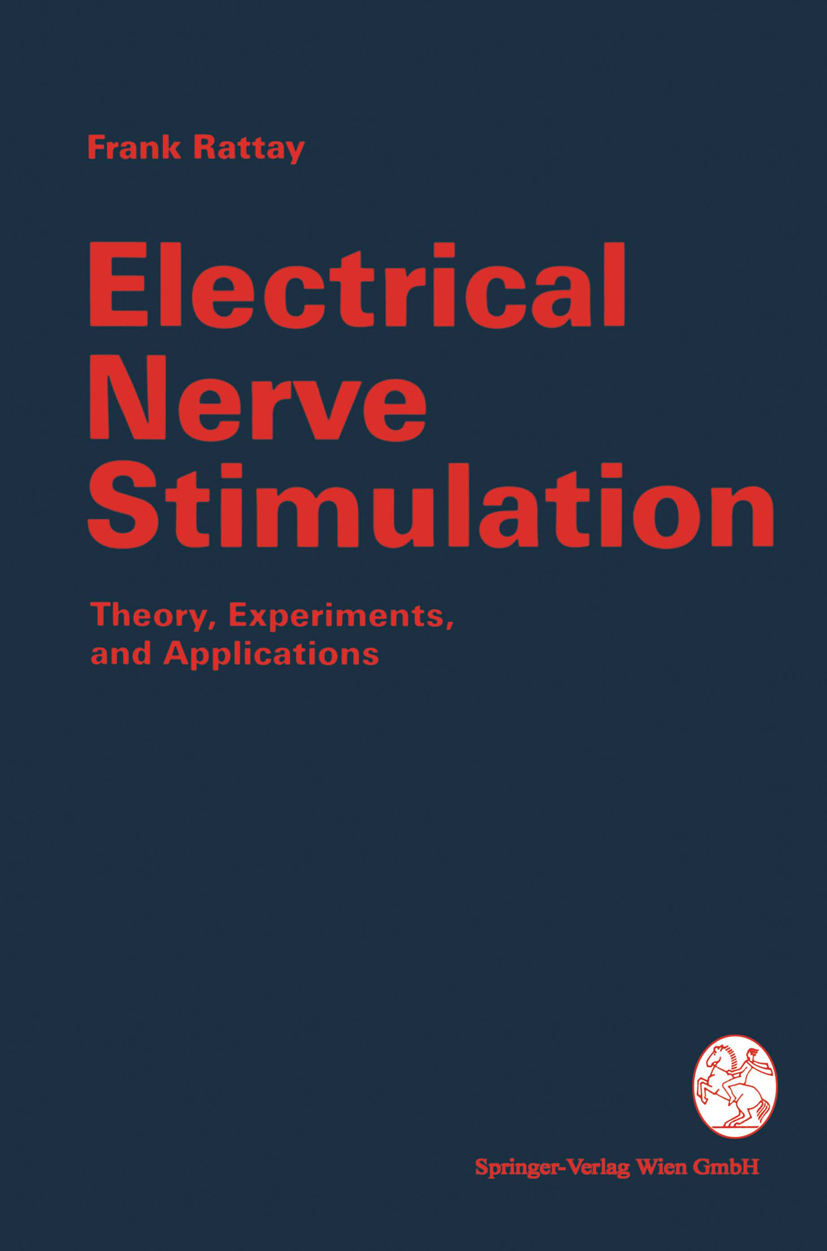
Electrical Nerve Stimulation Functional electrical stimulation is the most important application in the field of clinical treatment with currents or magnetism. This technique artificially generates neural activity in order to overcome lost functions of the paralized, incontinent or sensory handicapped patient. Electricity and magnetism is also used in many cases, e.g., to stimulate bone growth or wound healing. Nevertheless, the basic mechanism of the artificial excitation of nerve and muscle fibers has become known only in the last few years. Although many textbooks are concerned with the natural excitation process there is a lack of information on the influence of an applied electrical or magnetic field. This book, written for students and biomedical engineers, should close the gap and, furthermore, it should stimulate the design of new instrumentation using optimal strategies. TECHNOLOGY & ENGINEERING,Biomedical
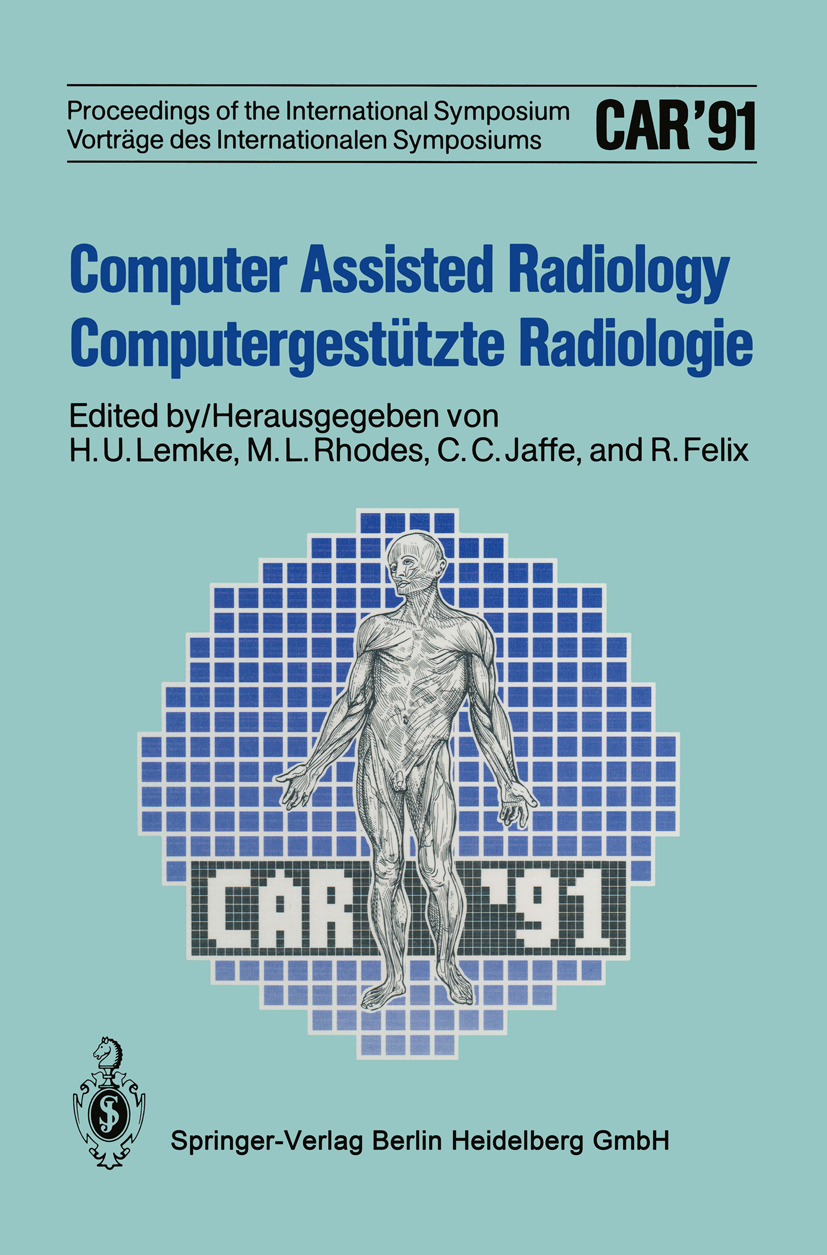
Computer Assisted Radiology / Computergestützte Radiologie Proceedings of the International Symposium / Vorträge des Internationalen Symposiums TECHNOLOGY & ENGINEERING,Biomedical
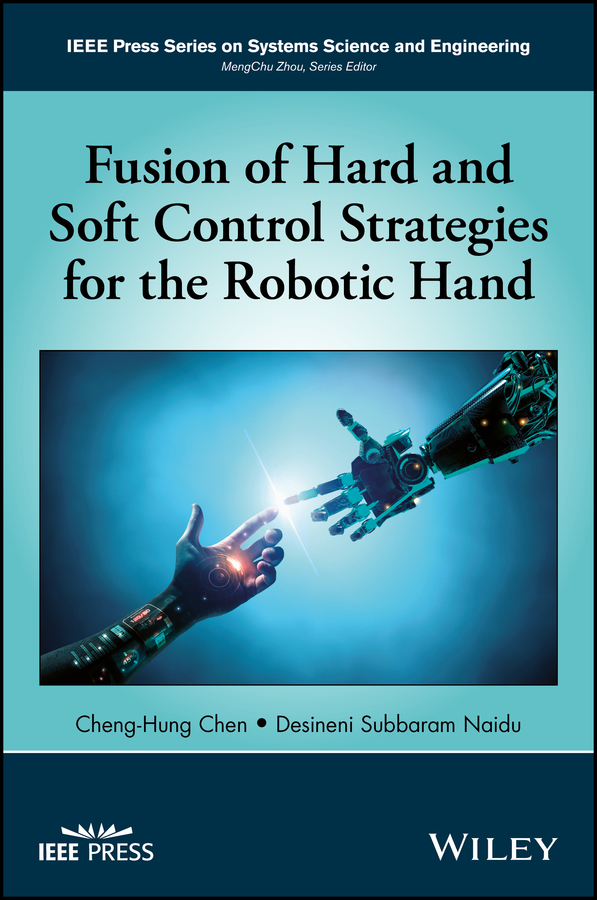
Fusion of Hard and Soft Control Strategies for the Robotic Hand An in-depth review of hybrid control techniques for smart prosthetic hand technology by two of the world’s pioneering experts in the field Long considered the stuff of science fiction, a prosthetic hand capable of fully replicating all of that appendage’s various functions is closer to becoming reality than ever before. This book provides a comprehensive report on exciting recent developments in hybrid control techniques—one of the most crucial hurdles to be overcome in creating smart prosthetic hands. Coauthored by two of the world’s foremost pioneering experts in the field, Fusion of Hard and Soft Control Strategies for Robotic Hand treats robotic hands for multiple applications. Itbegins withan overview of advances in main control techniques that have been made over the past decade before addressing the military context for affordable robotic hand technology with tactile and/or proprioceptive feedback for hand amputees. Kinematics, homogeneous transformations, inverse and differential kinematics, trajectory planning, and dynamic models of two-link thumb and three-link index finger are discussed in detail. The remainder of the book is devoted to the most promising soft computing techniques, particle swarm optimization techniques, and strategies combining hard and soft controls. In addition, the book: Includes a report on exciting new developments in prosthetic/robotic hand technology, with an emphasis on the fusion of hard and soft control strategies Covers both prosthetic and non-prosthetic hand designs for everything from routine human operations, robotic surgery, and repair and maintenance, to hazardous materials handling, space applications, explosives disposal, and more Provides a comprehensive overview of five-fingered robotic hand technology kinematics, dynamics, and control Features detailed coverage of important recent developments in neuroprosthetics Fusion of Hard and Soft Control Strategies for Robotic Hand is a must-read for researchers in control engineering, robotic engineering, biomedical sciences and engineering, and rehabilitation engineering. TECHNOLOGY & ENGINEERING,Biomedical

Smart Wheelchairs and Brain-computer Interfaces Smart Wheelchairs and Brain-Computer Interfaces: Mobile Assistive Technologies combines the fields of neuroscience, rehabilitation and robotics via contributions from experts in their field to help readers develop new mobile assistive technologies. It provides information on robotics, control algorithm design for mobile robotics systems, ultrasonic and laser sensors for measurement and trajectory planning, and is ideal for researchers in BCI. A full view of this new field is presented, giving readers the current research in the field of smart wheelchairs, potential control mechanisms and human interfaces that covers mobility, particularly powered mobility, smart wheelchairs, particularly sensors, control mechanisms, and human interfaces. Presents the first book that combines BCI and mobile robotics Focuses on fundamentals and developments in assistive robotic devices which are commanded by alternative ways, such as the brain Provides an overview of the technologies that are already available to support research and the development of new products TECHNOLOGY & ENGINEERING,Biomedical
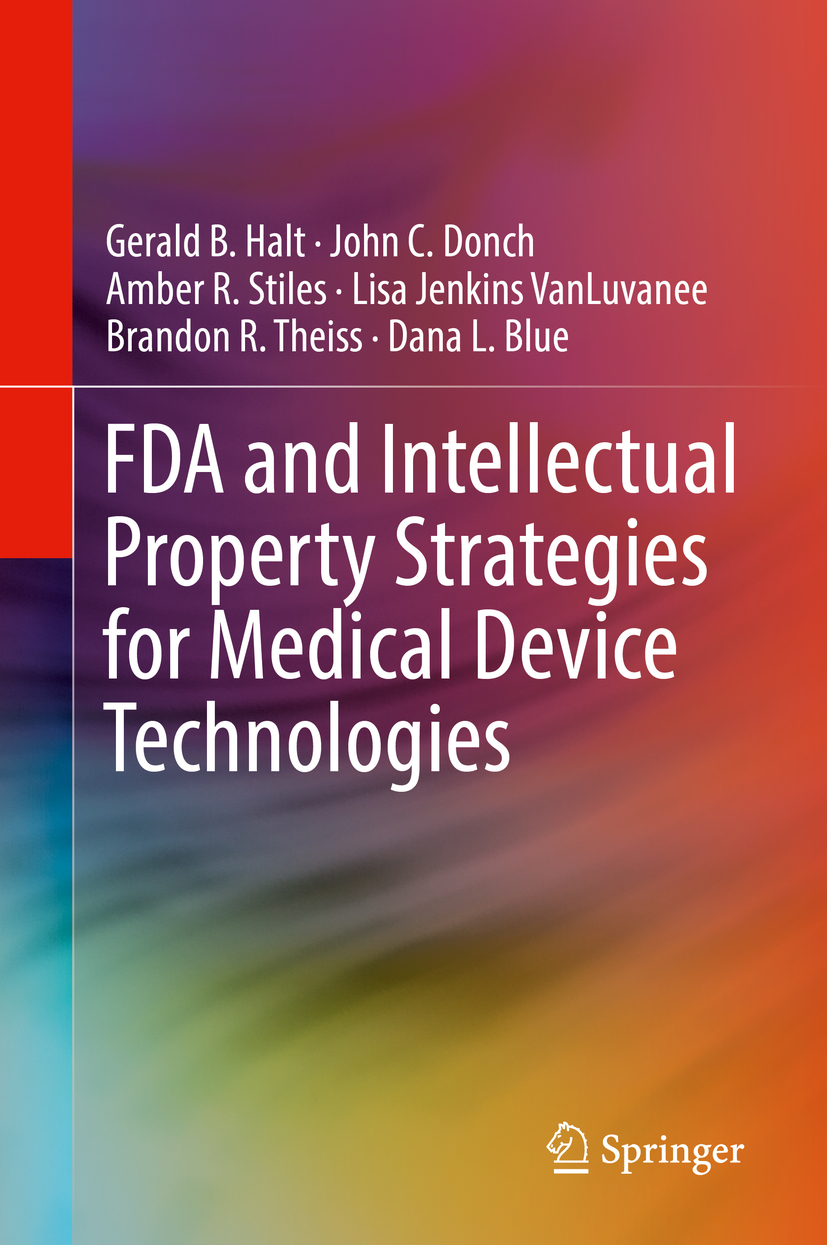
FDA and Intellectual Property Strategies for Medical Device Technologies This book offers comprehensive, easy to understand guidance for medical device technology innovators on how to work through the United States FDA regulatory review process, while also providing insight on the various intellectual property concerns that many medical device innovators face. In the first portion of this book, readers are introduced to important concepts concerning FDA compliance for medical devices, as well as strategies for successfully navigating the FDA regulatory review process. Specifically, the first portion discusses the expansive range of medical devices and then walks through the most common routes to market: the PMA and 510(k) application processes. In the second portion of this book, readers are introduced to the various types of intellectual property rights that are available for medical device technology inventions and innovations, and can explore ways to overcome unique intellectual property challenges faced by many medical device technology innovators. In the third portion of the book, specific strategies are discussed to navigate the interface between the FDA regulatory process and the process of obtaining intellectual property protection. This book also includes a number of descriptive examples, case studies and scenarios to illustrate the topics discussed, and is intended for use by medical device designers, developers and innovators. TECHNOLOGY & ENGINEERING,Biomedical
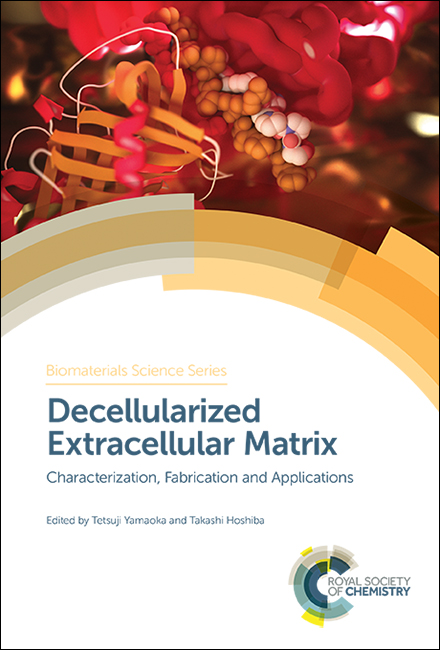
Decellularized Extracellular Matrix Using this book, the reader will gain a good foundation to the field complemented with a broad overview of characterisation, microfabrication and applications. TECHNOLOGY & ENGINEERING,Biomedical
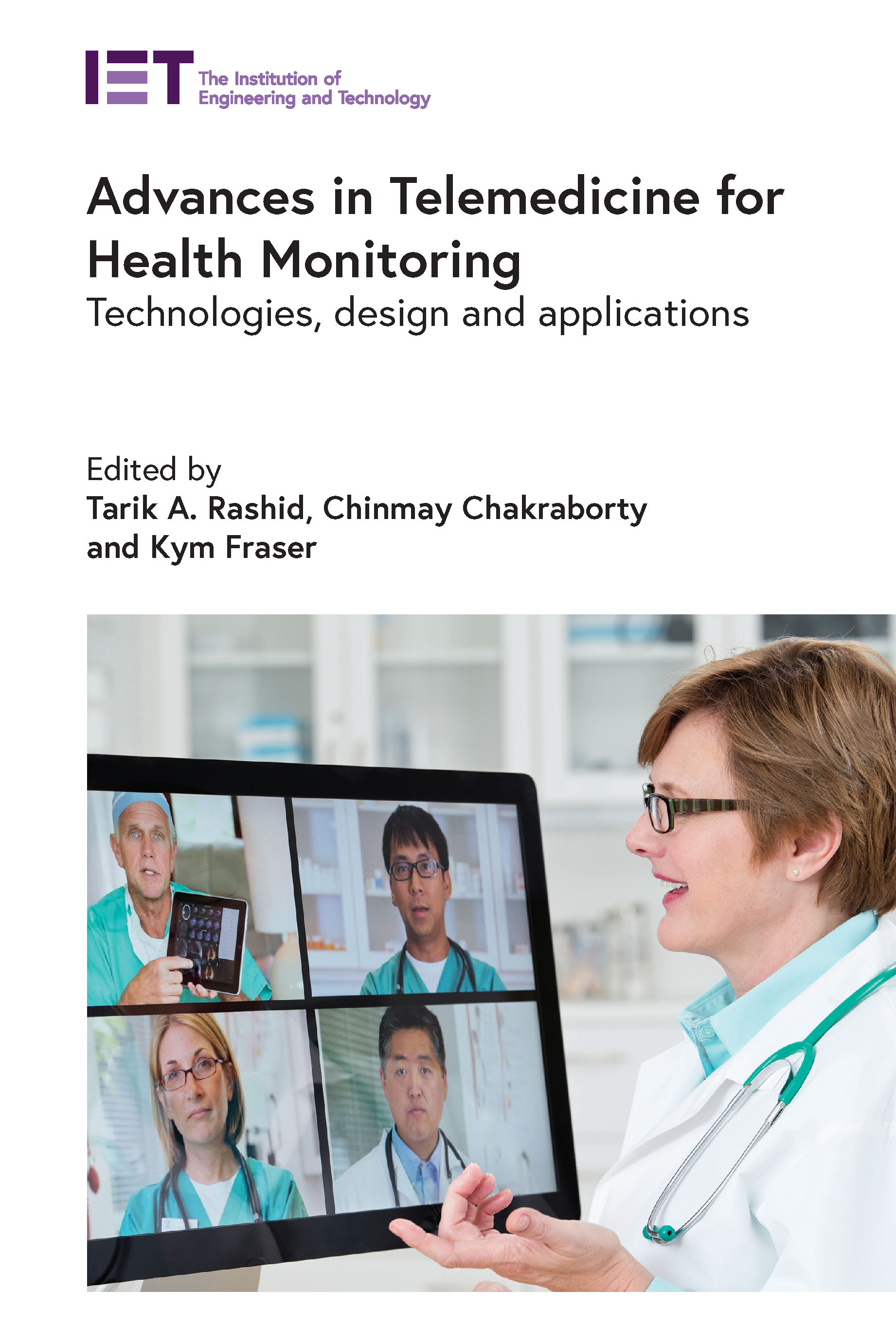
Advances in Telemedicine for Health Monitoring This book presents a variety of technologies with applications in telemedicine, originating from the fields of biomedical sensors, wireless sensor networking, computer-aided diagnosis methods, signal and image processing and analysis, automation and control, virtual and augmented reality, multivariate analysis, and data acquisition devices. TECHNOLOGY & ENGINEERING,Biomedical
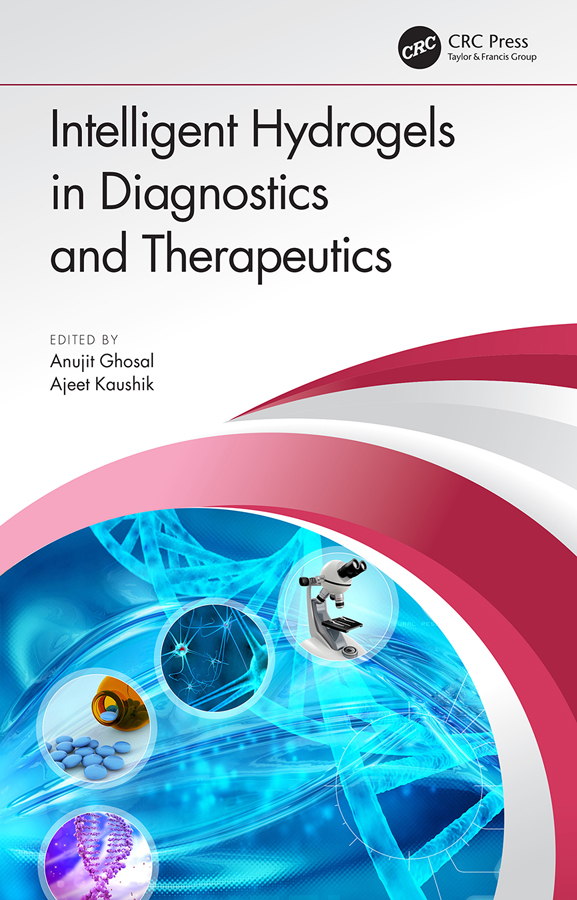
Intelligent Hydrogels in Diagnostics and Therapeutics This book explores the potential of hydrogels as a multiutility system and their benefits (biocompatibility, degradability, and supporting scaffolds) for a wide range of applications in diagnostics and therapeutics. It also discusses the future prospects and challenges facing hydrogels. A wide variety of smart hydrogels (conducting, stimuli responsive, and others) with possible biomedical applications are elaborated. The book demonstrates the effectiveness of hydrogels in diagnostics of diseases in various in vivo and in vitro environments and highlights the engineering/functionalization of hydrogels for everyday drug dosage as an efficient drug carrier, scaffold, and sensing application. Explores the potential of hydrogels as a multifunctional system and their benefits, particularly for biomedical applications in diagnostics as well as therapeutics. Highlights the designing and engineering of hydrogels for everyday drug dosage and possible functionalization to fabricate an efficient drug carrier. Examines the significance of biopolymer-based hydrogels and their responsiveness in different physiological fluids. Demonstrates the effectiveness of hydrogels in diagnostics of diseases in various in,vivo and in,vitro environments. Presents challenges associated with the hydrogels and discusses possible in-hand modifications at length. Dr. Anujit Ghosal worked in the School of Biotechnology, Jawaharlal Nehru University, India. Currently, he is affiliated with the School of Life Sciences, Beijing Institute of Technology, Beijing, PRC. Dr. Ghosal researches in biochemistry, polymer chemistry, and nanotechnology. He has been the recipient of prestigious fellowships throughout his research career. His research ability is proven by his published peer-reviewed research and review articles and contributed book chapters. Dr. Ajeet Kaushik works as an assistant professor of chemistry and is exploring advanced electrochemical sensing systems and nanomedicine for personalized health wellness at the Department of Natural Sciences of the Division of Science, Arts, and Mathematics at Florida Polytechnic University, Lakeland, US. He is the recipient of various reputed awards for his service in the area of nanobiotechnology for health care. His excellent research credentials are reflected by his four edited books, 100 international research peer-reviewed publications, and three patents in the area of nanomedicine and smart biosensors for personalized health care. TECHNOLOGY & ENGINEERING,Biomedical

Advances in Bionanomaterials II This book presents multidisciplinary research focusing on the analysis, synthesis, and design of bio and nanomaterials. Merging biophysics, biochemistry, and bioengineering perspectives, it discusses the basic properties of materials and their interaction with biological systems; the development of new medical devices, such as implantable systems; and new algorithms and methods for modeling the mechanical, physical, and biological properties of biomaterials. The book gathers the proceedings of the 3rd International Conference on Bio and Nanomaterials, held on September 29–October 3, 2019, on an MSC cruise ship navigating the Mediterranean Sea. It particularly highlights Horizon 2020 projects, covering topics such as novel synthetic strategies for nanomaterials, the implementation of bio- and smart materials for pharmacological and medical purposes, as well as environmental applications. Intended for a broad audience of academics and professionals, it offers a comprehensive and timely snapshot of the field of biomaterials. In addition to a set of innovative theories together with the necessary practical tools for their implementation, it also addresses the current challenges in the field, fostering new discussions and possible future collaborations between diverse groups. TECHNOLOGY & ENGINEERING,Biomedical
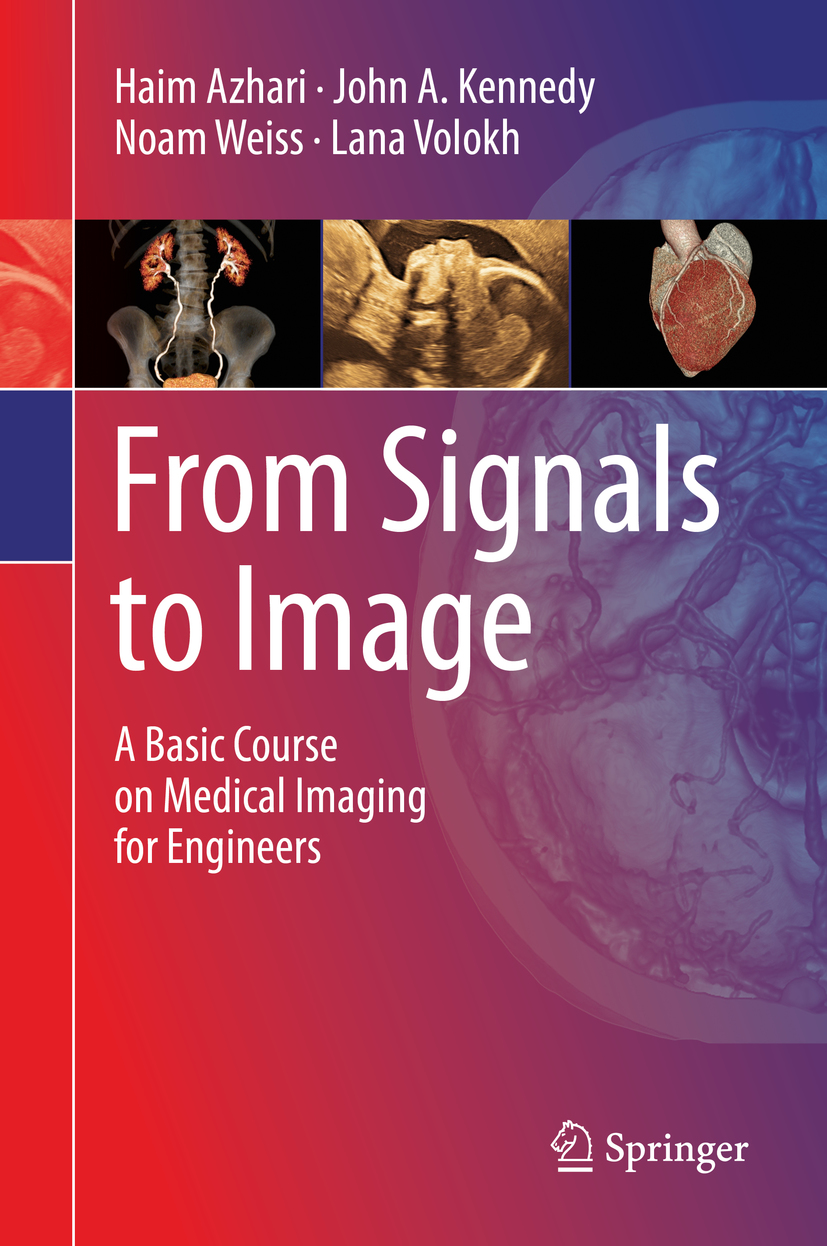
From Signals to Image This textbook, intended for advanced undergraduate and graduate students, is an introduction to the physical and mathematical principles used in clinical medical imaging. The first two chapters introduce basic concepts and useful terms used in medical imaging and the tools implemented in image reconstruction, while the following chapters cover an array of topics such as: physics of x-rays and their implementation in planar and computed tomography (CT) imaging;nuclear medicine imaging and the methods of forming functional planar and single photon emission computed tomography (SPECT) images and Clinical imaging using positron emitters as radiotracers. The book also discusses the principles of MRI pulse sequencing and signal generation, gradient fields, and the methodologies implemented for image formation, form flow imaging and magnetic resonance angiography and the basic physics of acoustic waves, the different acquisition modes used in medical ultrasound, and the methodologies implemented for image formation and for flow imaging using the Doppler Effect. By the end of the book, readers will know what is expected from a medical image, will comprehend the issues involved in producing and assessing the quality of a medical image, will be able to conceptually implement this knowledge in the development of a new imaging modality, and will be able to write basic algorithms for image reconstruction. Knowledge of calculus, linear algebra, regular and partial differential equations, and a familiarity with the Fourier transform and it applications is expected, along with fluency with computer programming. The book contains exercises, homework problems, and sample exam questions that are exemplary of the main concepts and formulae students would encounter in a clinical setting. TECHNOLOGY & ENGINEERING,Biomedical
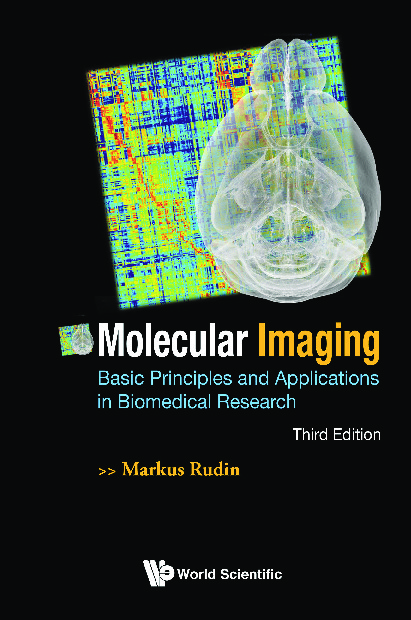
Molecular Imaging The area of molecular imaging has matured over the past decade and is still growing rapidly. Many concepts developed for molecular biology and cellular imaging have been successfully translated to in vivo imaging of intact organisms. Molecular imaging enables the study of processes at a molecular level in their full biological context. Due to the high specificity of the molecular readouts the approach bears a high potential for diagnostics. It is fair to say that molecular imaging has become an indispensable tool for biomedical research and drug discovery and development today.This volume familiarizes the reader with the concepts of imaging and molecular imaging in particular. Basic principles of imaging technologies, reporter moieties for the various imaging modalities, and the design of targeted probes are described in the first part. The second part illustrates how these tools can be used to visualize relevant molecular events in the living organism. Topics covered include the studies of the biodistribution of reporter probes and drugs, visualization of the expression of biomolecules such as receptors and enzymes, and how imaging can be used for analyzing consequences of the interaction of a ligand or a drug with its molecular target by visualizing signal transduction, or assessing the metabolic, physiological, or structural response of the organism studied.The third edition has been extended considerably. This holds for the chapter on imaging modalities, which now includes sections on intravital microscopy and mass spectrometric imaging. All chapters have been updated and a new chapter on the challenges of translating molecular imaging solutions for clinical use has been added. TECHNOLOGY & ENGINEERING,Biomedical
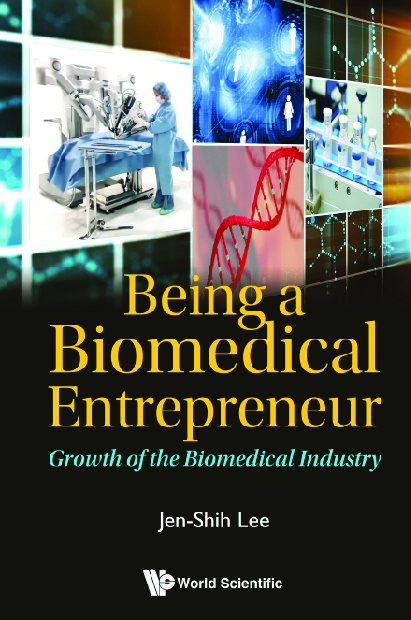
Being A Biomedical Entrepreneur - Growth Of The Biomedical Industry This book is about the great innovations that the biomedical industry has had on improving the health and treating diseases of people and the incredible effort that scientists, engineers, technologists, mathematicians and physicians has invested in conceptualizing, producing and marketing the innovations. This rapidly growing industry is a knowledge intensive industry that is constantly generating, and adapting to, new technology. The innovations are the movers leading to the growth of the biomedical industry since 1960. However, its growth may be threatened by the lack of access to capital, a burdensome and uncertain regulatory environment, and lack of R&D innovation and productivity.It is written for students and professionals in science, technology, engineering, mathematics and medicine wanting to become a successful biomedical entrepreneur and to grow the biomedical industry. This book covers these four sectors of biomedical industries: medical technologies, healthcare information technology, pharmaceutic industry and biotech.Many innovations are employed throughout the book to make this book as a resource of use to help you invent, evaluate, develop and market your innovative products. Part I examines the education merits of biomedical engineers and teaches biomedical professionals to conceptualize their innovations and to assess whether their innovations could be manufactured and be wanted by patients. Part II will guide budding entrepreneurs to form the company and entrepreneurial team, to raise venture capital, to patent your innovative products, to obtain regulatory approval and to write your business plan. Other important aspects of company operations like financing, negotiations, leadership, manufacturing, marketing and globalization are covered in Part III. Two concluding chapters, with excerpts from leaders in community, education and industries, touch on the development, growth and investment of biomedical entrepreneurs on the delivery of better healthcare and economy to all people in the world. TECHNOLOGY & ENGINEERING,Biomedical
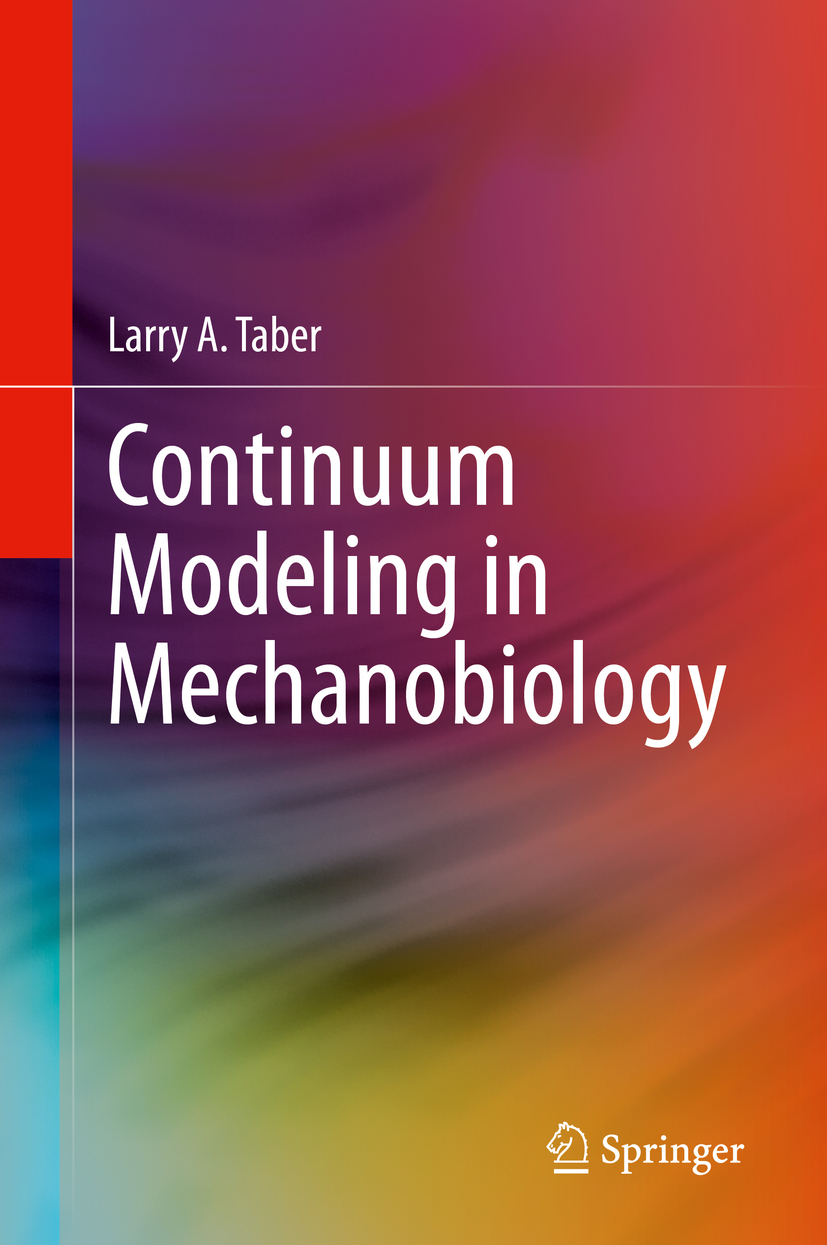
Continuum Modeling in Mechanobiology This book examines key theoretical tools that are currently used to develop mathematical models as an aid in understanding the biological response of cells and tissues to mechanical stimuli. Problems in growth and remodeling, tissue and organ development, and functional adaptation are all covered. Chapters on tensor analysis and nonlinear elasticity provide the necessary background for understanding the engineering theories that are currently used to solve challenges in mechanobiology. This is an ideal book for biomechanical engineers who work on problems in mechanobiology and tissue engineering. TECHNOLOGY & ENGINEERING,Biomedical
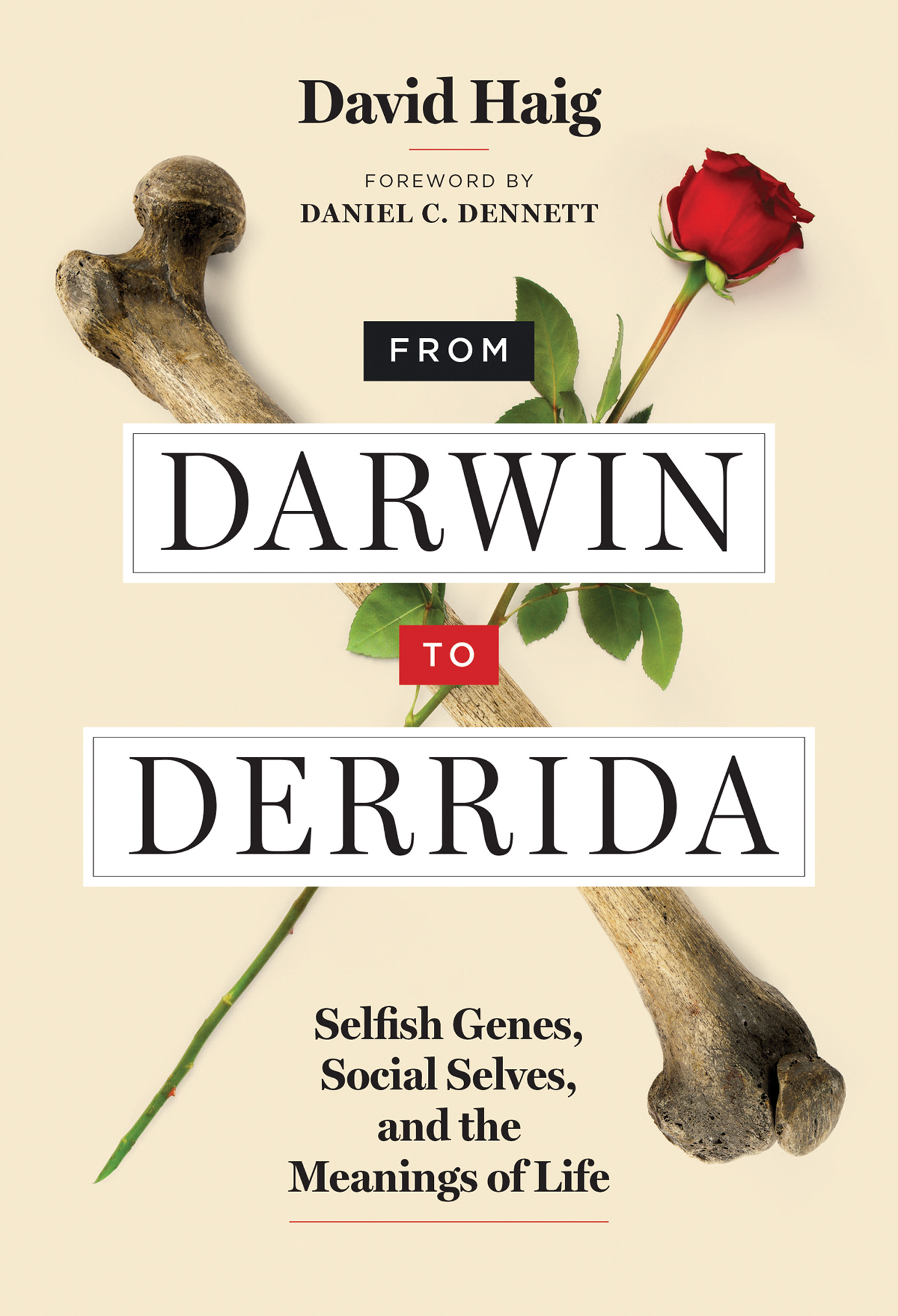
From Darwin to Derrida How the meaningless process of natural selection produces purposeful beings who find meaning in the world. In From Darwin to Derrida, evolutionary biologist David Haig explains how a physical world of matter in motion gave rise to a living world of purpose and meaning. Natural selection, a process without purpose, gives rise to purposeful beings who find meaning in the world. The key to this, Haig proposes, is the origin of mutable “texts”—genes—that preserve a record of what has worked in the world. These texts become the specifications for the intricate mechanisms of living beings. Haig draws on a wide range of sources—from Laurence Sterne's Tristram Shandy to Immanuel Kant's Critique of the Power of Judgment to the work of Jacques Derrida to the latest findings on gene transmission, duplication, and expression—to make his argument. Genes and their effects, he explains, are like eggs and chickens. Eggs exist for the sake of becoming chickens and chickens for the sake of laying eggs. A gene's effects have a causal role in determining which genes are copied. A gene (considered as a lineage of material copies) persists if its lineage has been consistently associated with survival and reproduction. Organisms can be understood as interpreters that link information from the environment to meaningful action in the environment. Meaning, Haig argues, is the output of a process of interpretation; there is a continuum from the very simplest forms of interpretation, instantiated in single RNA molecules near the origins of life, to the most sophisticated. Life is interpretation—the use of information in choice. TECHNOLOGY & ENGINEERING,Biomedical

Advances in Usability, User Experience, Wearable and Assistive Technology This book addresses emerging issues in usability, interface design, human–computer interaction, user experience and assistive technology. It highlights research aimed at understanding human interactions with products, services and systems and focuses on finding effective approaches for improving the user experience. It also discusses key issues in designing and providing assistive devices and services for individuals with disabilities or impairment, offering them support with mobility, communication, positioning, environmental control and daily living. The book covers modeling as well as innovative design concepts, with a special emphasis on user-centered design, and design for specific populations, particularly the elderly. Further topics include virtual reality, digital environments, gaming, heuristic evaluation and forms of device interface feedback (e.g. visual and haptic). Based on the AHFE 2020 Virtual Conference on Usability and User Experience, the AHFE 2020 Virtual Conference on Human Factors and Assistive Technology, the AHFE Virtual Conference on Human Factors and Wearable Technologies, and the AHFE 2020 Virtual Conference on Virtual Environments and Game Design, held on July 16–20, 2020, it provides academics and professionals with an extensive source of information and a timely guide to tools, applications and future challenges in these fields. TECHNOLOGY & ENGINEERING,Biomedical
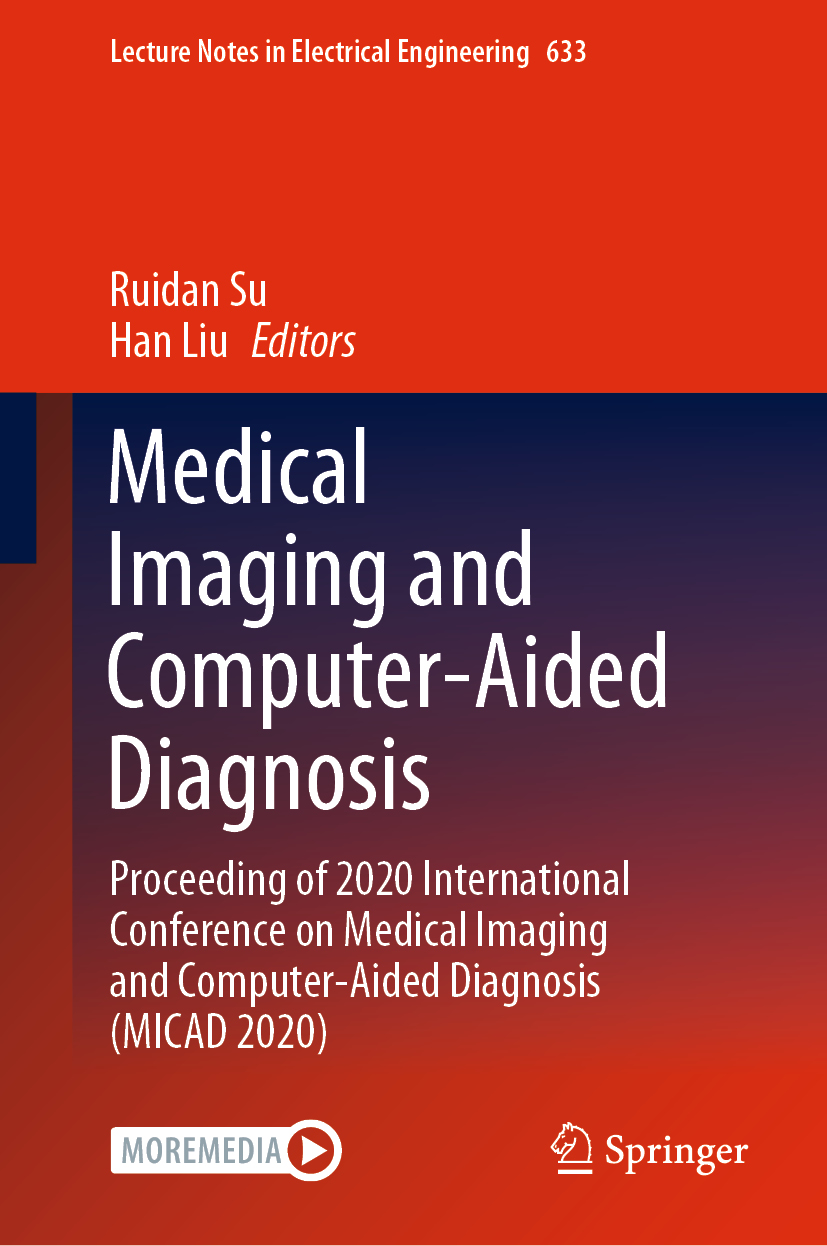
Medical Imaging and Computer-Aided Diagnosis This book covers virtually all aspects of image formation in medical imaging, including systems based on ionizing radiation (x-rays, gamma rays) and non-ionizing techniques (ultrasound, optical, thermal, magnetic resonance, and magnetic particle imaging) alike. In addition, it discusses the development and application of computer-aided detection and diagnosis (CAD) systems in medical imaging. Given its coverage, the book provides both a forum and valuable resource for researchers involved in image formation, experimental methods, image performance, segmentation, pattern recognition, feature extraction, classifier design, machine learning / deep learning, radiomics, CAD workstation design, human–computer interaction, databases, and performance evaluation. TECHNOLOGY & ENGINEERING,Biomedical
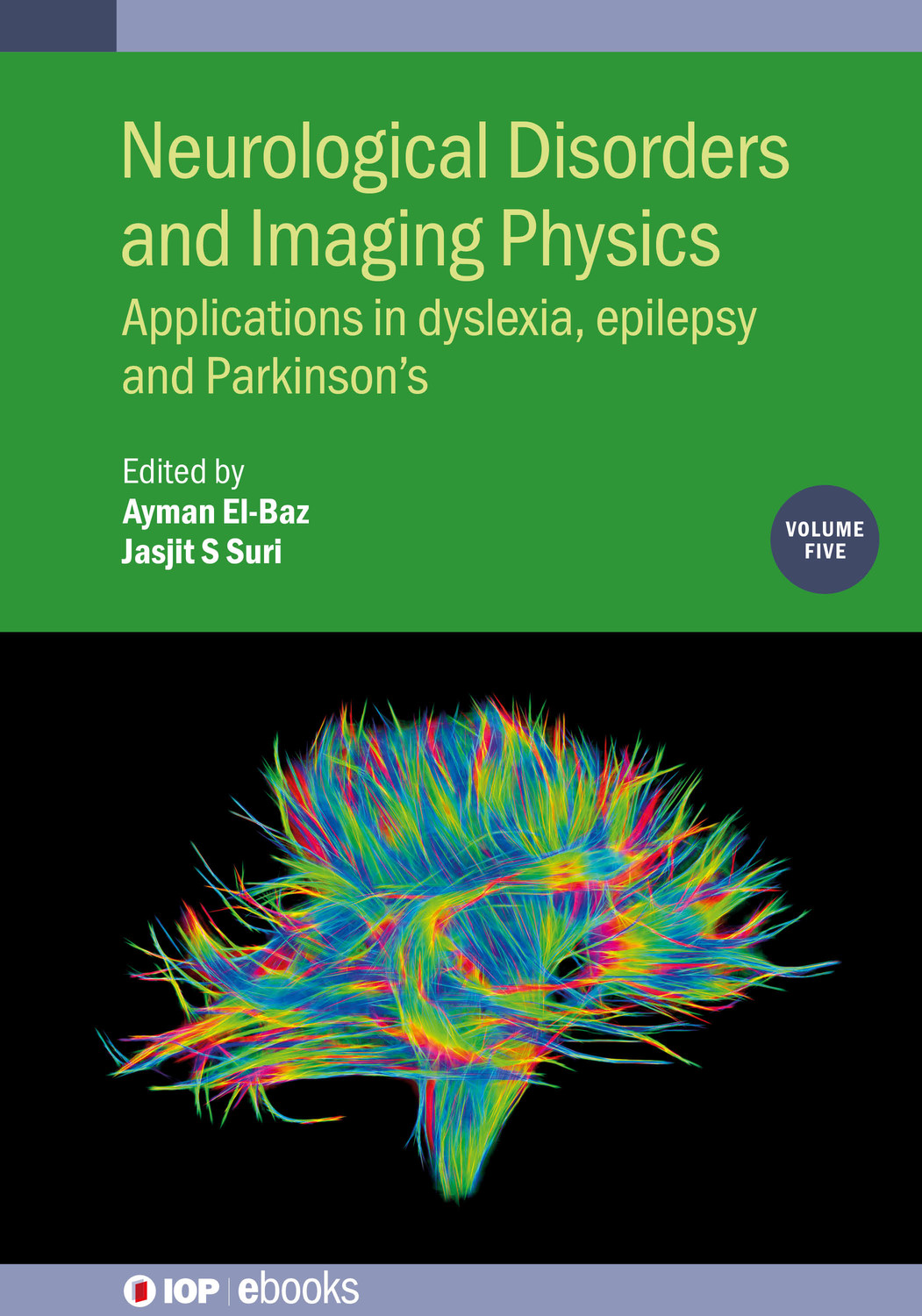
Neurological Disorders and Imaging Physics, Volume 5 This book focuses on major trends and challenges inthe area of dyslexia, epilepsy and Parkinson’s, and aims to identify newtechniques and their applications in biomedical analysis. This is an essentialreference for students and researchers in medical imaging, brain imaging, imageprocessing, and neurology. TECHNOLOGY & ENGINEERING,Biomedical
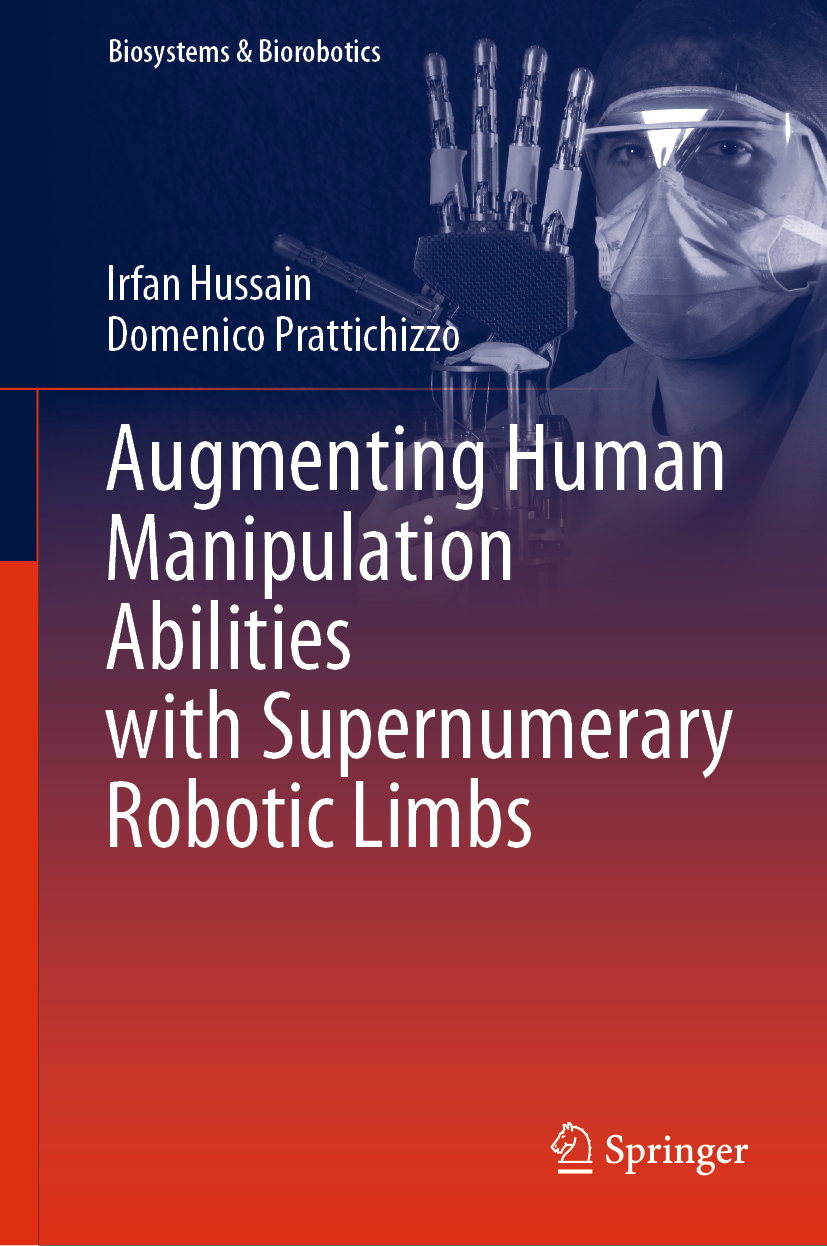
Augmenting Human Manipulation Abilities with Supernumerary Robotic Limbs This book offers a timely report on an emerging topic in the field of wearable assistive technology: the design and development of robotic extra fingers. After a concise review of the state of the art and a description of earlier prototypes, it discusses the authors’ efforts to address issues such as portability and wearability of the devices, including strategies to reduce fatigue and to integrate the motion of the extra fingers with that of the human hand. The book also explores optimized control algorithms and the design of wearable sensorimotor interfaces, and presents a set of tests carried out on healthy subjects and chronic stroke patients. Merging concepts from robotics, biomechanics, human factors and control theory and offering an overview of supernumerary robotic fingers, including the challenges, this book will inspire researchers involved in the development of wearable robotic devices and interfaces based on the principles of wearability, safety, ergonomics and user comfort. TECHNOLOGY & ENGINEERING,Biomedical

An Atlas of Countries that Don't Exist What is a country? Acclaimed travel writer and Oxford geography don Nick Middleton brings to life the origins and histories of 50 states that, lacking international recognition and United Nations membership, exist on the margins of legitimacy in the global order. From long-contested lands like Crimea and Tibet to lesser-known territories such as Africa's last colony and a European republic that enjoyed independence for a single day, Middleton presents fascinating stories of shifting borders, visionary leaders, and "forgotten" peoples. Beautifully illustrated with 50 regional maps, each country is literally die-cut out of the page, offering a distinctive tactile experience while exploring these remarkable places. TECHNOLOGY & ENGINEERING,Cartography

Sad Topographies Sad Topographies is an illustrated guide for the melancholic among us. Dispirited travellers rejoice as Damien Rudd journeys across continents in search of the world’s most joyless place names and their fascinating etymologies. Behind each lugubrious place name exists a story, a richly interwoven narrative of mythology, history, landscape, misadventure and tragedy. From Disappointment Island in the Southern Ocean to Misery in Germany, across to Lonely Island in Russia, or, if you’re feeling more intrepid, pay a visit to Mount Hopeless in Australia – all from the comfort of your armchair. With hand drawn maps by illustrator Kateryna Didyk, Sad Topographies will steer you along paths that lead to strange and obscure places, navigating the terrains of historical fact and imaginative fiction. At turns poetic and dark-humoured, this is a travel guide quite like no other. Damien Rudd is the founder of the hugely popular Instagram account @sadtopographies. TECHNOLOGY & ENGINEERING,Cartography

The ESRI Guide to GIS Analysis, Volume 1 The ESRI Guide to GIS Analysis, Volume 1 demonstrates how geographic analysis with GIS can identify patterns, relationships, and trends that lead to better decision making. TECHNOLOGY & ENGINEERING,Cartography
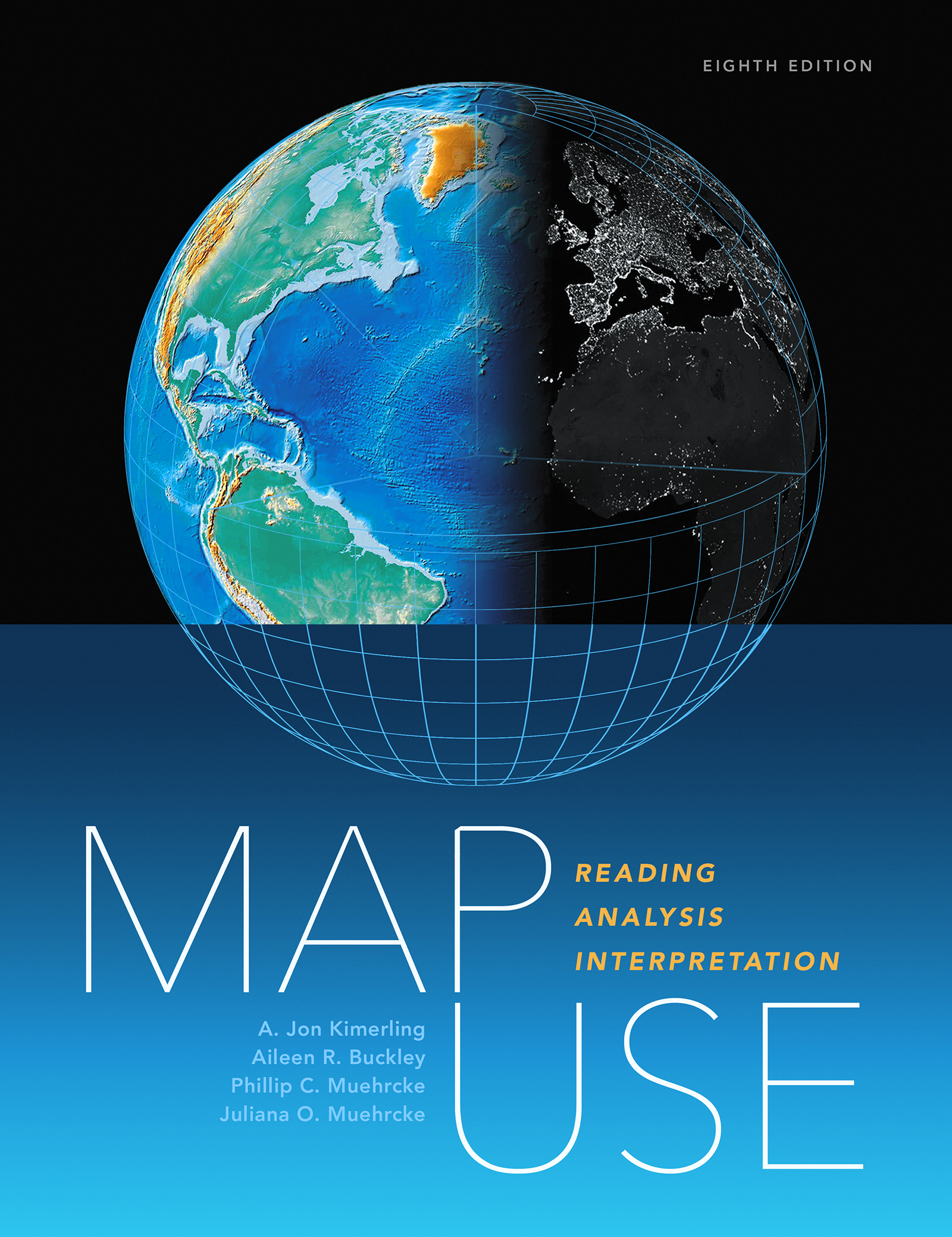
Map Use Classic cartographic textbook updated to reflect what's going on with cartography today. New information on designing web maps, using cartography-related web concepts, and updating data sources with imagery and remote sensing. TECHNOLOGY & ENGINEERING,Cartography

Mapping Israel, Mapping Palestine Digital practices in social and political landscapes: Why two researchers can look at the same feature and see different things. Maps are widely believed to be objective, and data-rich computer-made maps are iconic examples of digital knowledge. It is often claimed that digital maps, and rational boundaries, can solve political conflict. But in Mapping Israel, Mapping Palestine, Jess Bier challenges the view that digital maps are universal and value-free. She examines the ways that maps are made in Palestine and Israel to show how social and political landscapes shape the practice of science and technology. How can two scientific cartographers look at the same geographic feature and see fundamentally different things? In part, Bier argues, because knowledge about the Israeli military occupation is shaped by the occupation itself. Ongoing injustices—including checkpoints, roadblocks, and summary arrests—mean that Palestinian and Israeli cartographers have different experiences of the landscape. Palestinian forms of empirical knowledge, including maps, continue to be discounted. Bier examines three representative cases of population, governance, and urban maps. She analyzes Israeli population maps from 1967 to 1995, when Palestinian areas were left blank; Palestinian state maps of the late 1990s and early 2000s, which were influenced by Israeli raids on Palestinian offices and the legacy of British colonial maps; and urban maps after the Second Intifada, which show how segregated observers produce dramatically different maps of the same area. The geographic production of knowledge, including what and who are considered scientifically legitimate, can change across space and time. Bier argues that greater attention to these changes, and to related issues of power, will open up more heterogeneous ways of engaging with the world. TECHNOLOGY & ENGINEERING,Cartography
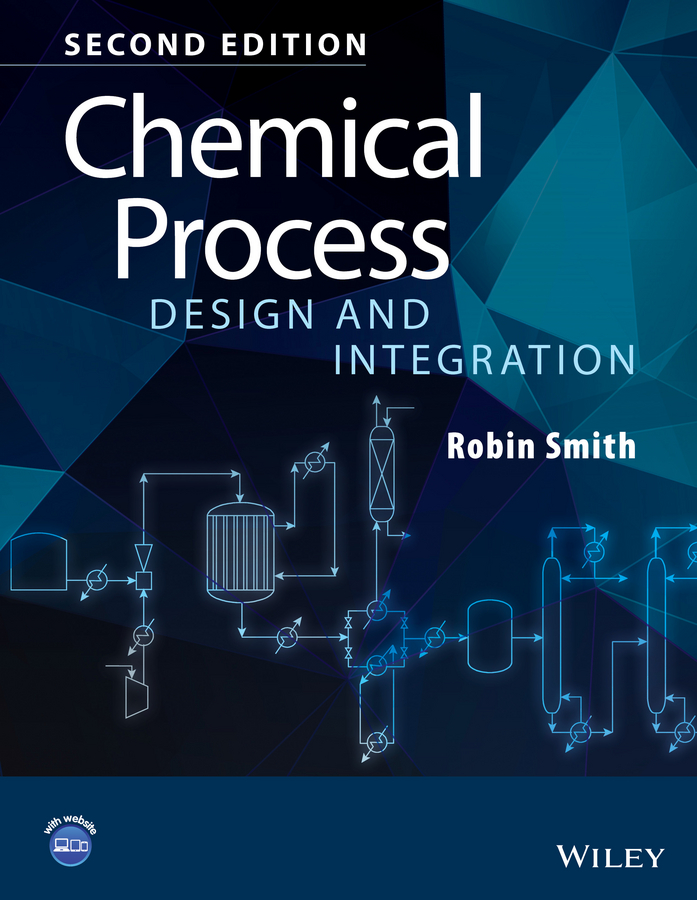
Chemical Process Design and Integration Written by a highly regarded author with industrial and academic experience, this new edition of an established bestselling book provides practical guidance for students, researchers, and those in chemical engineering. The book includes a new section on sustainable energy, with sections on carbon capture and sequestration, as a result of increasing environmental awareness; and a companion website that includes problems, worked solutions, and Excel spreadsheets to enable students to carry out complex calculations. TECHNOLOGY & ENGINEERING,Chemical & Biochemical
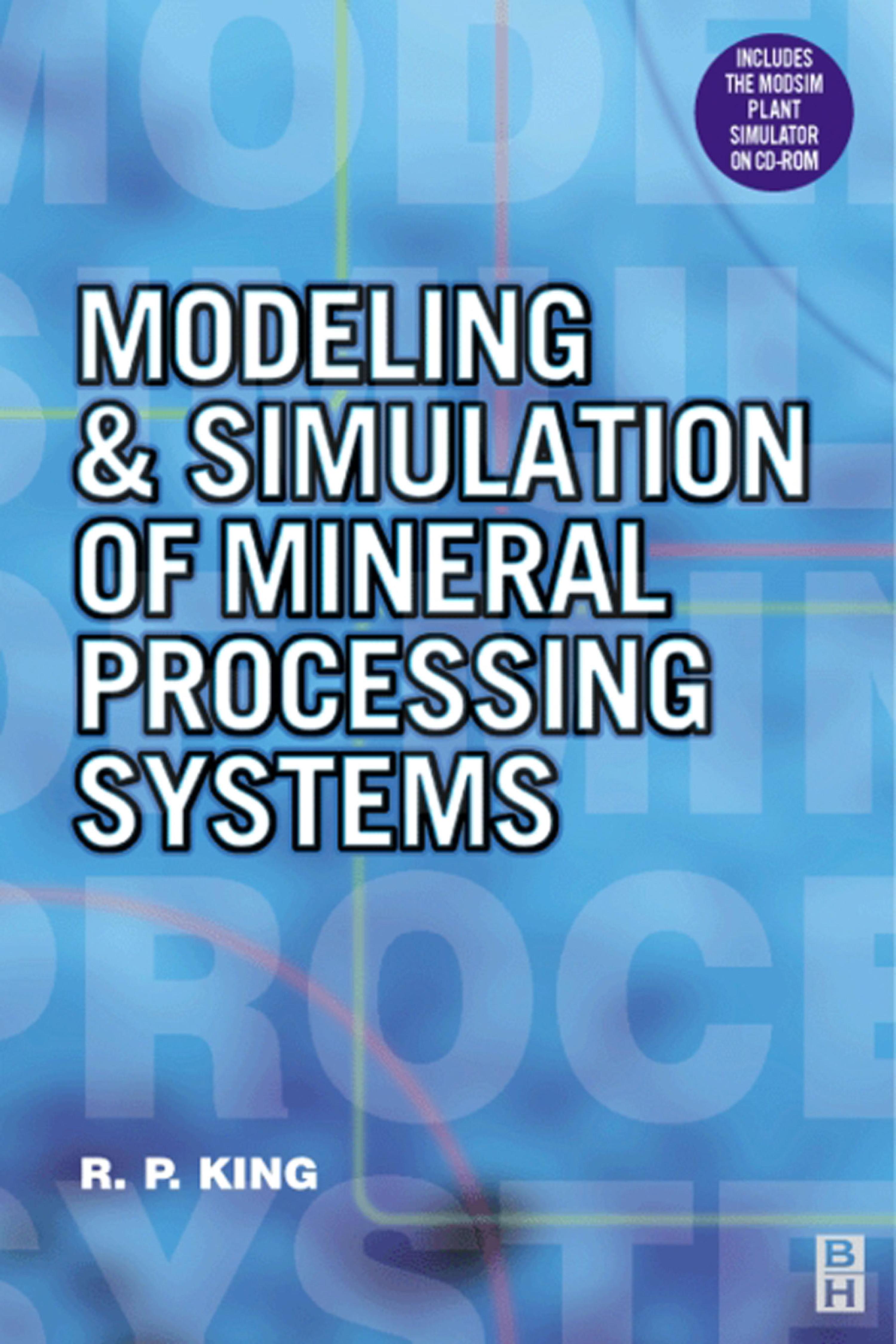
Modeling and Simulation of Mineral Processing Systems Dr. R. Peter King covers the field of quantitative modeling of mineral processing equipment and the use of these models to simulate the actual behavior of ore dressing and coal washing as they are configured to work in industrial practice. The material is presented in a pedagogical style that is particularly suitable for readers who wish to learn the wide variety of modeling methods that have evolved in this field. The models vary widely from one unit type to another. As a result each model is described in some detail. Wherever possible model structure is related to the underlying physical processes that govern the behaviour of particulate material in the processing equipment. Predictive models are emphasised throughout so that, when combined, they can be used to simulate the operation of complex mineral processing flowsheets. The development of successful simulation techniques is a major objective of the work that is covered in the text. Covers all aspects of modeling and simulation Provides all necessary tools to put the theory into practice TECHNOLOGY & ENGINEERING,Chemical & Biochemical

Process/Industrial Instruments and Controls Handbook, 5th Edition The latest methods for increasing process efficiency, production rate, and quality. Award-winning editor Greg McMillan has loaded Process/Industrial Instruments and Controls Handbook, Fifth Edition, with advice from top technical experts to help you tackle process instrument and control assignments confidently and solve problems efficiently. This major revision of the bestselling on-the-job toolkit includes time-saving tables,selection ratings, key points, rules of thumb and hundreds of topic-defining illustrations. Updated to mirror the most common industry practices, it brings you up to speed on smart instrumentation and the latest advances sparked by increased power and miniaturization of the microprocessor. Thorough coverage of the Windows NT platform and Fieldbus... distributed control systems and field-based systems...knowledge-based operator training...instrument maintenance cost reduction and an overview of the ISA/IEC Fieldbus Standard help you get the most out of these major shifts in technology. TECHNOLOGY & ENGINEERING,Chemical & Biochemical
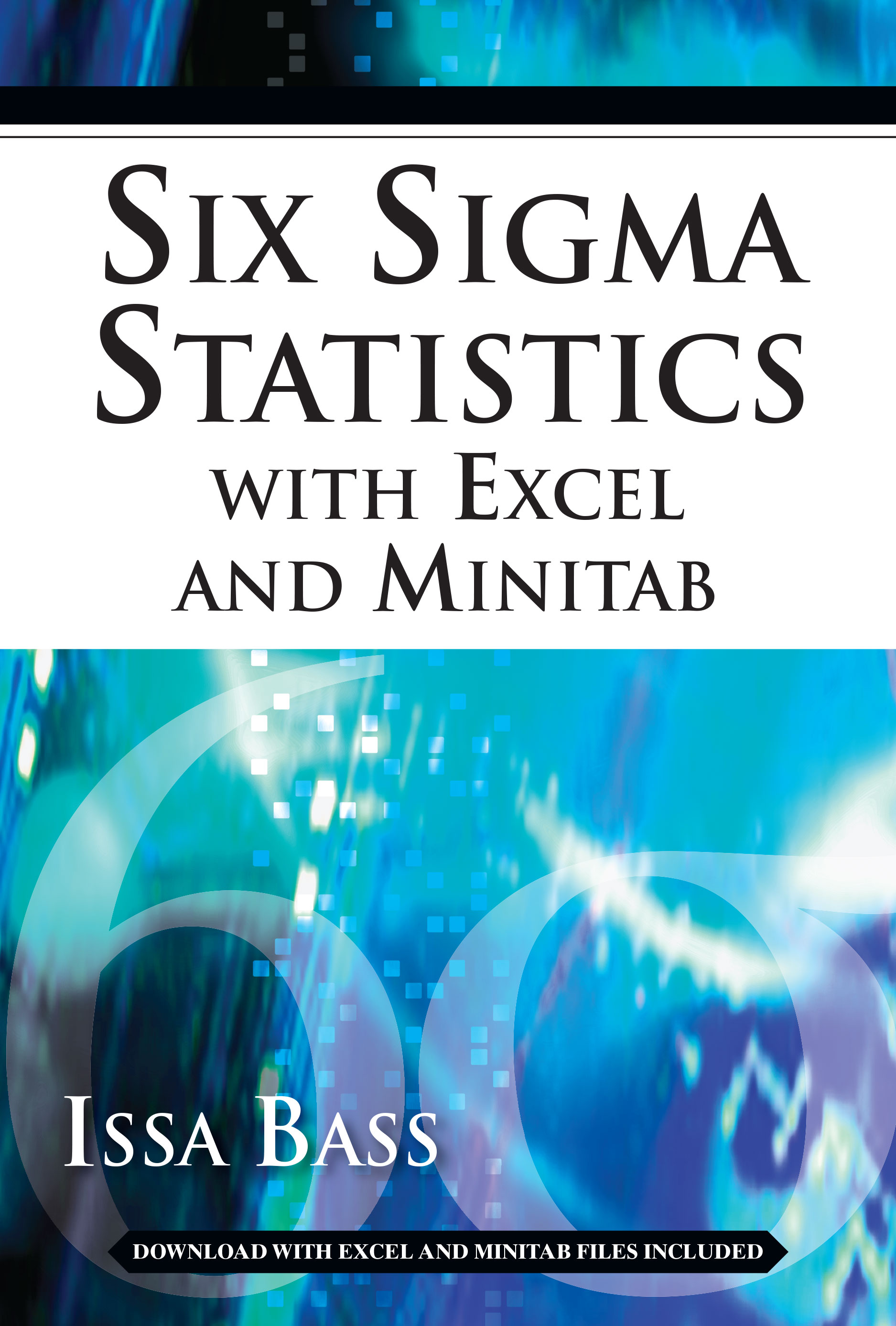
Six Sigma Statistics with EXCEL and MINITAB Master the Statistical Techniques for Six Sigma Operations, While Boosting Your Excel and Minitab Skills! Now with the help of this “one-stop†resource, operations and production managers can learn all the powerful statistical techniques for Six Sigma operations, while becoming proficient at Excel and Minitab at the same time. Six Sigma Statistics with Excel and Minitab offers a complete guide to Six Sigma statistical methods, plus expert coverage of Excel and Minitab, two of today's most popular programs for statistical analysis and data visualization. Written by a seasoned Six Sigma Master Black Belt, the book explains how to create and interpret dot plots, histograms, and box plots using Minitab…decide on sampling strategies, sample size, and confidence intervals…apply hypothesis tests to compare variance, means, and proportions…conduct a regression and residual analysis…design and analyze an experiment…and much more. Filled with clear, concise accounts of the theory for each statistical method presented, Six Sigma Statistics with Excel and Minitab features: Easy-to-follow explanations of powerful Six Sigma tools A wealth of exercises and case studies 200 graphical illustrations for Excel and Minitab Essential for achieving Six Sigma goals in any organization, Six Sigma Statistics with Excel and Minitab is a unique, skills-building toolkit for mastering a wide range of vital statistical techniques, and for capitalizing on the potential of Excel and Minitab. Six Sigma Statistical with Excel and Minitab offers operations and production managers a complete guide to Six Sigma statistical techniques, together with expert coverage of Excel and Minitab, two of today's most popular programs for statistical analysis and data visualization. Written by Issa Bass, a Six Sigma Master Black Belt with years of hands-on experience in industry, this on-target resource takes readers through the application of each Six Sigma statistical tool, while presenting a straightforward tutorial for effectively utilizing Excel and Minitab. With the help of this essential reference, managers can: Acquire the basic tools for data collection, organization, and description Learn the fundamental principles of probability Create and interpret dot plots, histograms, and box plots using Minitab Decide on sampling strategies, sample size, and confidence intervals Apply hypothesis tests to compare variance, means, and proportions Stay on top of production processes with statistical process control Use process capability analysis to ensure that processes meet customers' expectations Employ analysis of variance to make inferences about more than two population means Conduct a regression and residual analysis Design and analyze an experiment In addition, Six Sigma Statistics with Excel and Minitab enables you to develop a better understanding of the Taguchi Method…use measurement system analysis to find out if measurement processes are accurate…discover how to test ordinal or nominal data with nonparametric statistics…and apply the full range of basic quality tools. Filled with step-by-step exercises, graphical illustrations, and screen shots for performing Six Sigma techniques on Excel and Minitab, the book also provides clear, concise explanations of the theory for each of the statistical tools presented. Authoritative and comprehensive, Six Sigma Statistics with Excel and Minitab is a valuable skills-building resource for mastering all the statistical techniques for Six Sigma operations, while harnessing the power of Excel and Minitab. TECHNOLOGY & ENGINEERING,Chemical & Biochemical
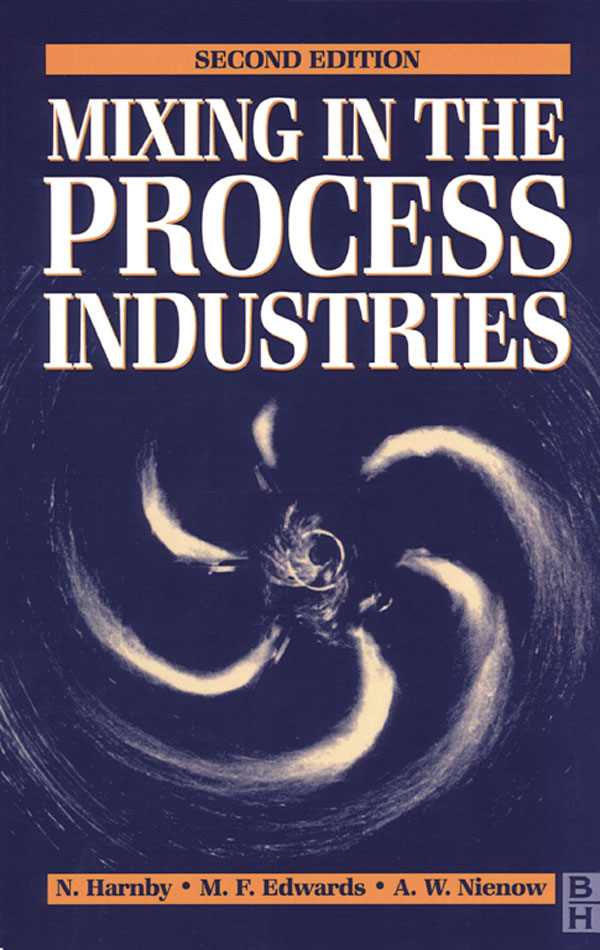
Mixing in the Process Industries This volume is a valuable reference work for the student and the practising engineer in the chemical, pharmaceutical, minerals, food, plastics, paper and metallurgical industries. The second edition of this successful text has been thoroughly rewritten and updated. Based on the long running post-experience course produced by the University of Bradford, in association with the Institution of Chemical Engineers, it covers all aspects of mixing, from fundamentals through to design procedures in single and multi-phase systems. Experts from both industry and academia have contributed to this work giving both a theoretical practical approach. It covers dry and wet powders, single and two-phase liquids, solid/liquid and gas/liquid systems. The range of mixers available for such diverse duties is dealt with, including tumbler mixers for powders, mechanically agitated vessels, in-line continuous mixers and jet mixers. Coverage is given of the range of mixing objectives, varying from achieving product uniformity to obtaining optimum conditions for mass transfer and chemical reactions. This volume is a valuable reference work for the student and the practising engineer in the chemical, pharmaceutical, minerals, food, plastics, paper and metallurgical industries. The second edition of this successful text has been thoroughly rewritten and updated. Based on the long running post-experience course produced by the University of Bradford, in association with the Institution of Chemical Engineers, it covers all aspects of mixing, from fundamentals through to design procedures in single and multi-phase systems. Experts from both industry and academia have contributed to this work giving both a theoretical practical approach. It covers dry and wet powders, single and two-phase liquids, solid/liquid and gas/liquid systems. The range of mixers available for such diverse duties is dealt with, including tumbler mixers for powders, mechanically agitated vessels, in-line continuous mixers and jet mixers. Coverage is given of the range of mixing objectives, varying from achieving product uniformity to obtaining optimum conditions for mass transfer and chemical reactions. TECHNOLOGY & ENGINEERING,Chemical & Biochemical

Perry's Chemical Engineers' Handbook, Eighth Edition Get Cutting-Edge Coverage of All Chemical Engineering Topics—from Fundamentals to the Latest Computer Applications. First published in 1934, Perry's Chemical Engineers' Handbook has equipped generations of engineers and chemists with an expert source of chemical engineering information and data. Now updated to reflect the latest technology and processes of the new millennium, the Eighth Edition of this classic guide provides unsurpassed coverage of every aspect of chemical engineering-from fundamental principles to chemical processes and equipment to new computer applications. Filled with over 700 detailed illustrations, the Eighth Edition of Perry's Chemcial Engineering Handbook features: Comprehensive tables and charts for unit conversion A greatly expanded section on physical and chemical data New to this edition: the latest advances in distillation, liquid-liquid extraction, reactor modeling, biological processes, biochemical and membrane separation processes, and chemical plant safety practices with accident case histories Inside This Updated Chemical Engineering Guide Conversion Factors and Mathematical Symbols • Physical and Chemical Data • Mathematics • Thermodynamics • Heat and Mass Transfer • Fluid and Particle Dynamics Reaction Kinetics • Process Control • Process Economics • Transport and Storage of Fluids • Heat Transfer Equipment • Psychrometry, Evaporative Cooling, and Solids Drying • Distillation • Gas Absorption and Gas-Liquid System Design • Liquid-Liquid Extraction Operations and Equipment • Adsorption and Ion Exchange • Gas-Solid Operations and Equipment • Liquid-Solid Operations and Equipment • Solid-Solid Operations and Equipment • Size Reduction and Size Enlargement • Handling of Bulk Solids and Packaging of Solids and Liquids • Alternative Separation Processes • And Many Other Topics! TECHNOLOGY & ENGINEERING,Chemical & Biochemical
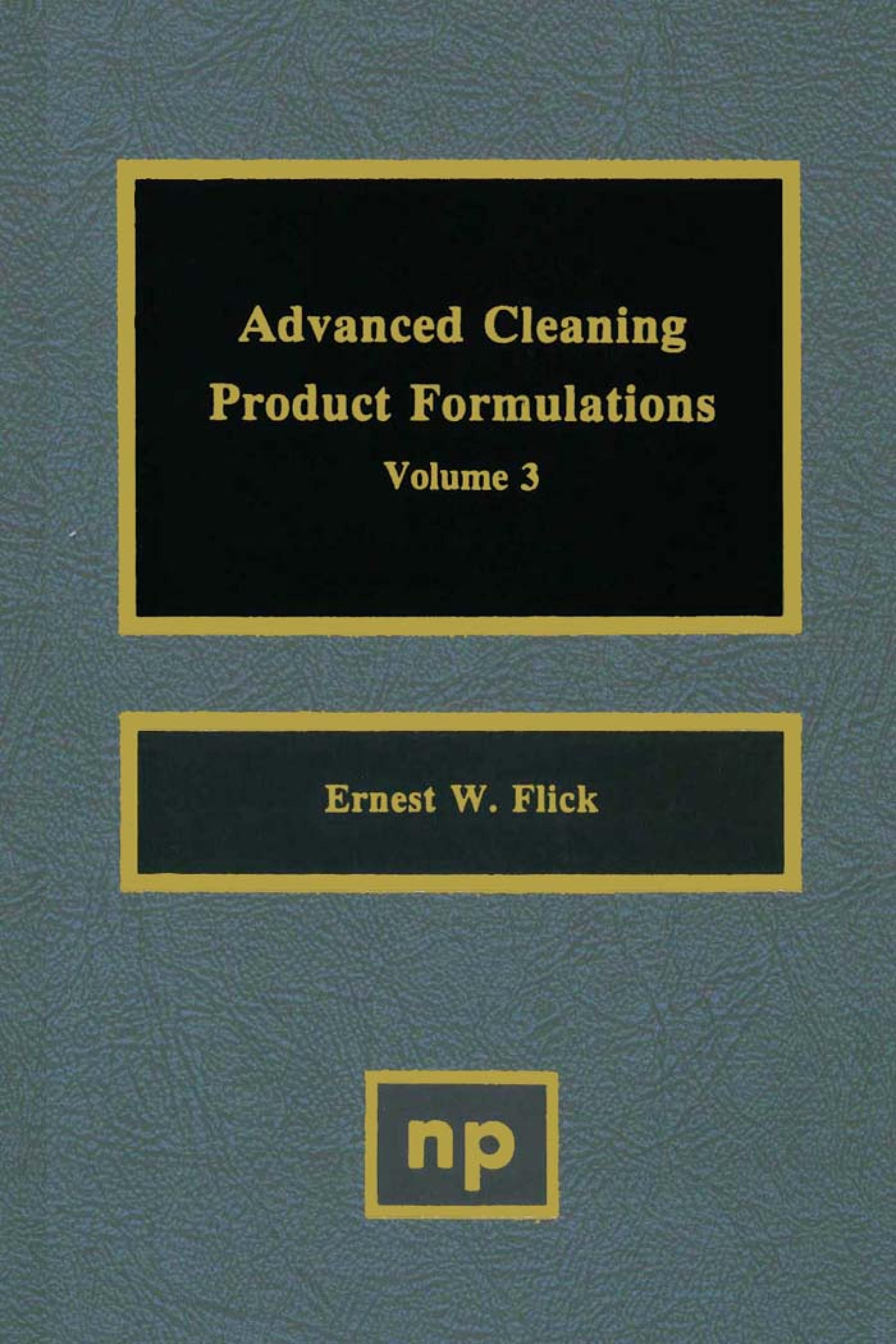
Advanced Cleaning Product Formulations, Vol. 3 This book presents more than 630 up-to-date advanced cleaning product formulations for household, industrial and automotive applications. All formulations are completely different from those in other volumes. TECHNOLOGY & ENGINEERING,Chemical & Biochemical
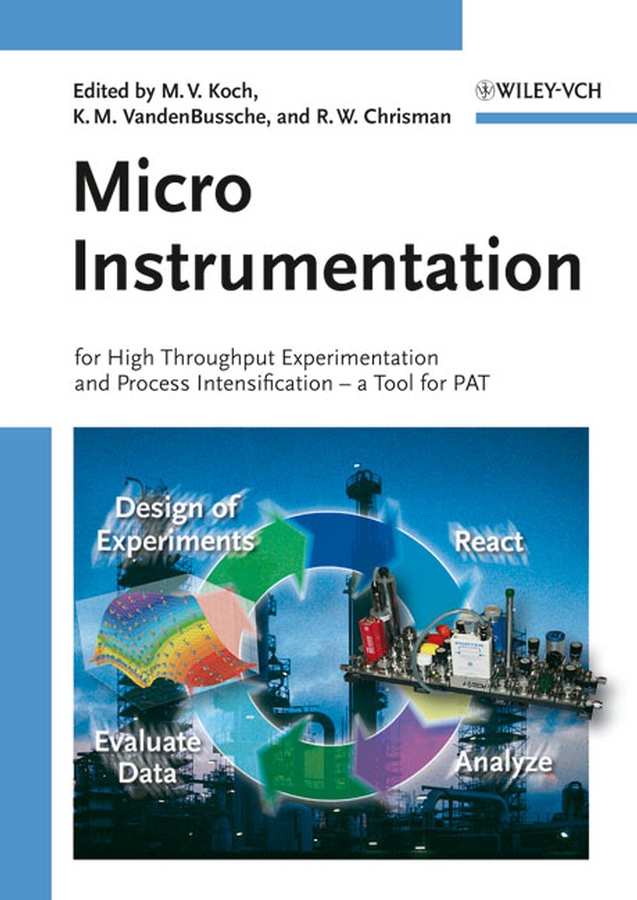
Micro Instrumentation This first comprehensive treatment of the intertwined roles of micro-instrumentation, high throughput experimentation and process intensification as valuable tools for process analytical technology covers both industrial as well as academic aspects. First class editors and authors from top companies and universities provide interdisciplinary coverage ranging from chemistry and analytics to process design and engineering, supported throughout by case studies and ample analytical data. TECHNOLOGY & ENGINEERING,Chemical & Biochemical
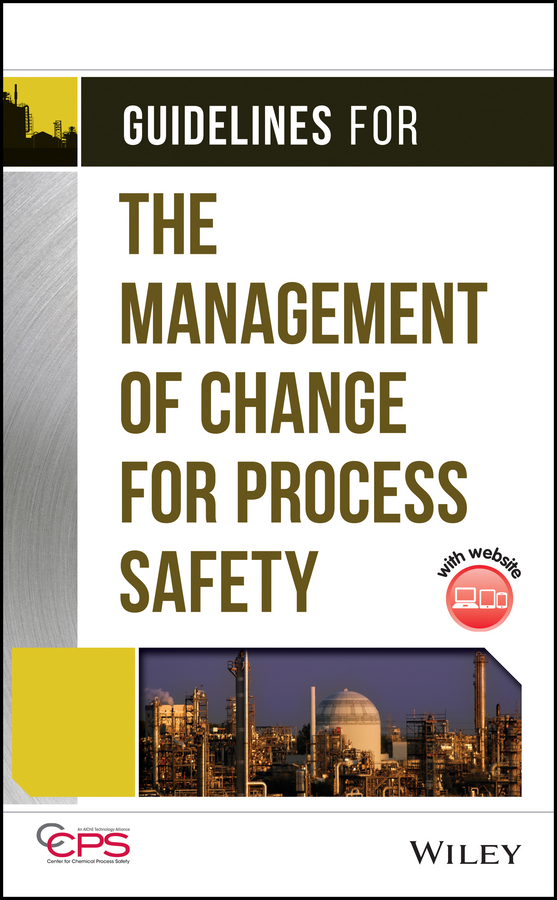
Guidelines for the Management of Change for Process Safety Guidelines for the Management of Change for Process Safety provides guidance on the implementation of effective and efficient Management of Change (MOC) procedures, which can be applied to improve process safety. In addition to introducing MOC systems, the book describes how to design an initial system from scratch, including the scope of the system and the applications over a plant life cycle and the boundaries and overlaps with other process safety management systems. Note: CD-ROM/DVD and other supplementary materials are not included as part of eBook file. TECHNOLOGY & ENGINEERING,Chemical & Biochemical
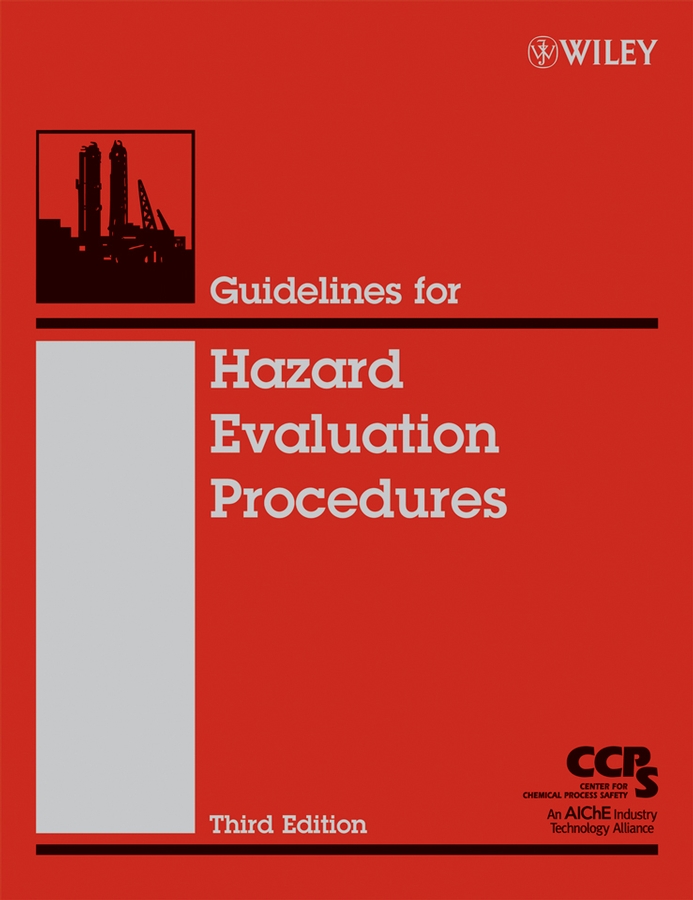
Guidelines for Hazard Evaluation Procedures Guidelines for Hazard Evaluation Procedures, 3rd Edition keeps process engineers updated on the effective methodologies that process safety demands. Almost 200 pages of worked examples are included to facilitate understanding. References for further reading, along with charts and diagrams that reflect the latest views and information, make this a completely accessible work. The revised and updated edition includes information not included in previous editions giving a comprehensive overview of this topic area. TECHNOLOGY & ENGINEERING,Chemical & Biochemical
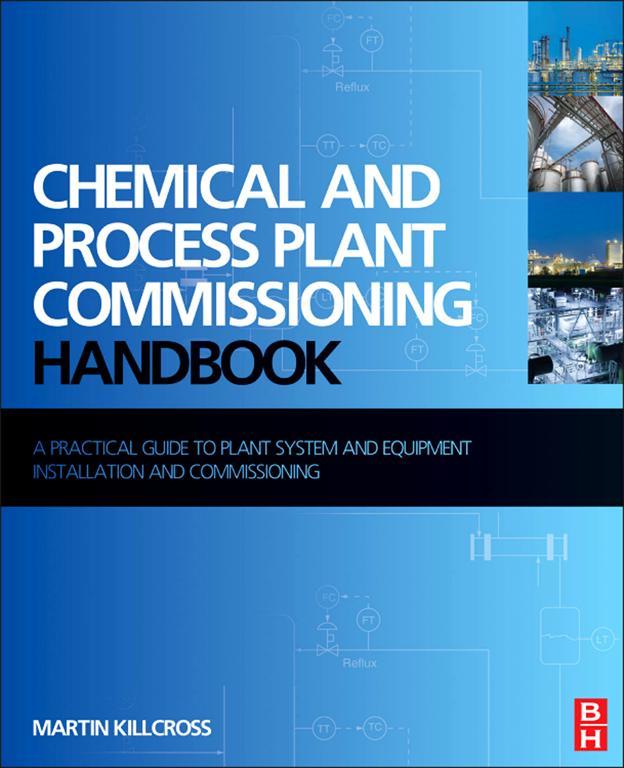
Chemical and Process Plant Commissioning Handbook The Chemical and Process Plant Commissioning Handbook, winner of the 2012 Basil Brennan Medal from the Institution of Chemical Engineers, is a guide to converting a newly constructed plant or equipment into a fully integrated and operational process unit. Good commissioning is based on a disciplined, systematic and proven methodology and approach that achieve results in the safest, most efficient, cost effective and timely manner. The book is supported by detailed, proven and effective commission templates, plus extensive commissioning scenarios that enable the reader to learn the context of good commissioning practice from an experienced commissioning manager. It focuses on the critical safety assessment and inspection regimes necessary to ensure that new plants are compliant with OSHA and environmental requirements. Martin Killcross has brought together the theory of textbooks and technical information obtained from sales literature, in order to provide engineers with what they need to know before initiating talks with vendors regarding equipment selection. Unique information from a respected, global commissioning manager: delivers the know-how to succeed for anyone commissioning new plant or equipment Comes with online commissioning process templates that make this title a working tool kit as well as a key reference Extensive examples of successful commissioning processes with step-by-step guidance enable readers to understand the function and performance of the wide range of tasks required in the commissioning process TECHNOLOGY & ENGINEERING,Chemical & Biochemical

Process Plant Equipment “Process Plant Equipment Book is another great publication from Wiley as a reference book for final year students as well as those who will work or are working in chemical production plants and refinery…†-Associate Prof. Dr. Ramli Mat, Deputy Dean (Academic), Faculty of Chemical Engineering, Universiti Teknologi Malaysia “…give[s] readers access to both fundamental information on process plant equipment and to practical ideas, best practices and experiences of highly successful engineers from around the world… The book is illustrated throughout with numerous black & white photos and diagrams and also contains case studies demonstrating how actual process plants have implemented the tools and techniques discussed in the book. An extensive list of references enables readers to explore each individual topic in greater depth…†–Stainless Steel World and Valve World, November 2012 Discover how to optimize process plant equipment, from selection to operation to troubleshooting From energy to pharmaceuticals to food, the world depends on processing plants to manufacture the products that enable people to survive and flourish. With this book as their guide, readers have the information and practical guidelines needed to select, operate, maintain, control, and troubleshoot process plant equipment so that it is efficient, cost-effective, and reliable throughout its lifetime. Following the authors' careful explanations and instructions, readers will find that they are better able to reduce downtime and unscheduled shutdowns, streamline operations, and maximize the service life of processing equipment. Process Plant Equipment: Operation, Control, and Reliability is divided into three sections: Section One: Process Equipment Operations covers such key equipment as valves, pumps, cooling towers, conveyors, and storage tanks Section Two: Process Plant Reliability sets forth a variety of tested and proven tools and methods to assess and ensure the reliability and mechanical integrity of process equipment, including failure analysis, Fitness-for-Service assessment, engineering economics for chemical processes, and process component function and performance criteria Section Three: Process Measurement, Control, and Modeling examines flow meters, process control, and process modeling and simulation Throughout the book, numerous photos and diagrams illustrate the operation and control of key process equipment. There are also case studies demonstrating how actual process plants have implemented the tools and techniques discussed in the book. At the end of each chapter, an extensive list of references enables readers to explore each individual topic in greater depth. In summary, this text offers students, process engineers, and plant managers the expertise and technical support needed to streamline and optimize the operation of process plant equipment, from its initial selection to operations to troubleshooting. TECHNOLOGY & ENGINEERING,Chemical & Biochemical
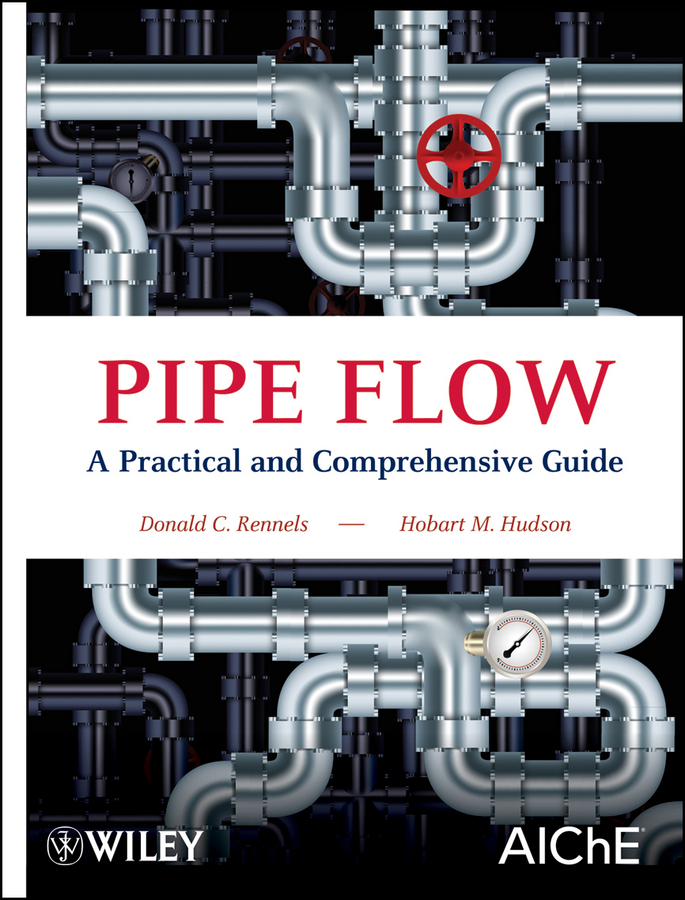
Pipe Flow Pipe Flow provides the information required to design and analyze the piping systems needed to support a broad range of industrial operations, distribution systems, and power plants. Throughout the book, the authors demonstrate how to accurately predict and manage pressure loss while working with a variety of piping systems and piping components. The book draws together and reviews the growing body of experimental and theoretical research, including important loss coefficient data for a wide selection of piping components. Experimental test data and published formulas are examined, integrated and organized into broadly applicable equations. The results are also presented in straightforward tables and diagrams. Sample problems and their solution are provided throughout the book, demonstrating how core concepts are applied in practice. In addition, references and further reading sections enable the readers to explore all the topics in greater depth. With its clear explanations, Pipe Flow is recommended as a textbook for engineering students and as a reference for professional engineers who need to design, operate, and troubleshoot piping systems. The book employs the English gravitational system as well as the International System (or SI). TECHNOLOGY & ENGINEERING,Chemical & Biochemical
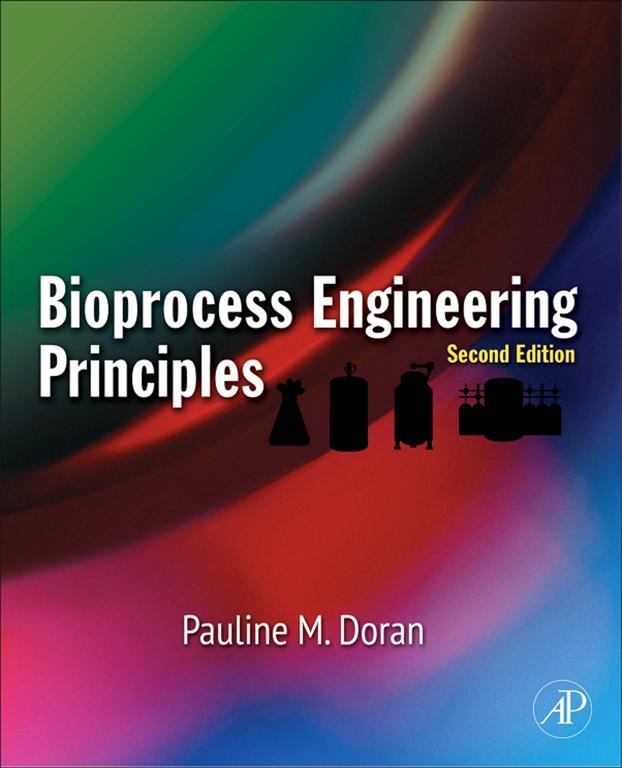
Bioprocess Engineering Principles This welcome new edition discusses bioprocess engineering from the perspective of biology students. It includes a great deal of new material and has been extensively revised and expanded. These updates strengthen the book and maintain its position as the book of choice for senior undergraduates and graduates seeking to move from biochemistry/microbiology/molecular biology to bioprocess engineering. All chapters thoroughly revised for current developments, with over 200 pgs of new material, including significant new content in: Metabolic Engineering, Sustainable Bioprocessing, Membrane Filtration, Turbulence and Impeller Design, Downstream Processing, Oxygen Transfer Systems Over 150 new problems and worked examples More than 100 new illustrations TECHNOLOGY & ENGINEERING,Chemical & Biochemical

Solid Rocket Propulsion Technology This book, a translation of the French title Technologie des Propergols Solides, offers otherwise unavailable information on the subject of solid propellants and their use in rocket propulsion. The fundamentals of rocket propulsion are developed in chapter one and detailed descriptions of concepts are covered in the following chapters. Specific design methods and the theoretical physics underlying them are presented, and finally the industrial production of the propellant itself is explained. The material used in the book has been collected from different countries, as the development of this field has occurred separately due to the classified nature of the subject. Thus the reader not only has an overall picture of solid rocket propulsion technology but a comprehensive view of its different developmental permutations worldwide. TECHNOLOGY & ENGINEERING,Chemical & Biochemical
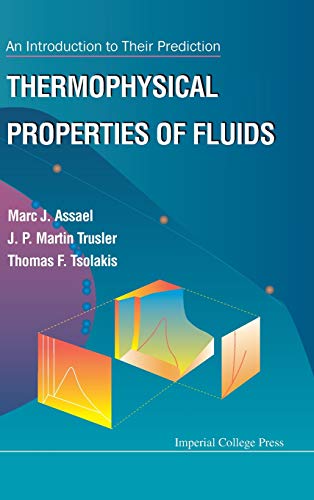
Thermophysical Properties Of Fluids This book is concerned with the prediction of thermodynamic and transport properties of gases and liquids. The prediction of such properties is essential for the solution of many problems encountered in chemical and process engineering as well as in other areas of science and technology. The book aims to present the best of those modern methods which are capable of practical application. It begins with basic scientific principles and formal results which are subsequently developed into practical methods of prediction. Numerous examples, supported by a suite of computer programmes, illustrate applications of the methods. The book is aimed primarily at the student market (for both undergraduate and taught postgraduate courses) but it will also be useful for those engaged in research and for chemical and process engineering professionals. TECHNOLOGY & ENGINEERING,Chemical & Biochemical
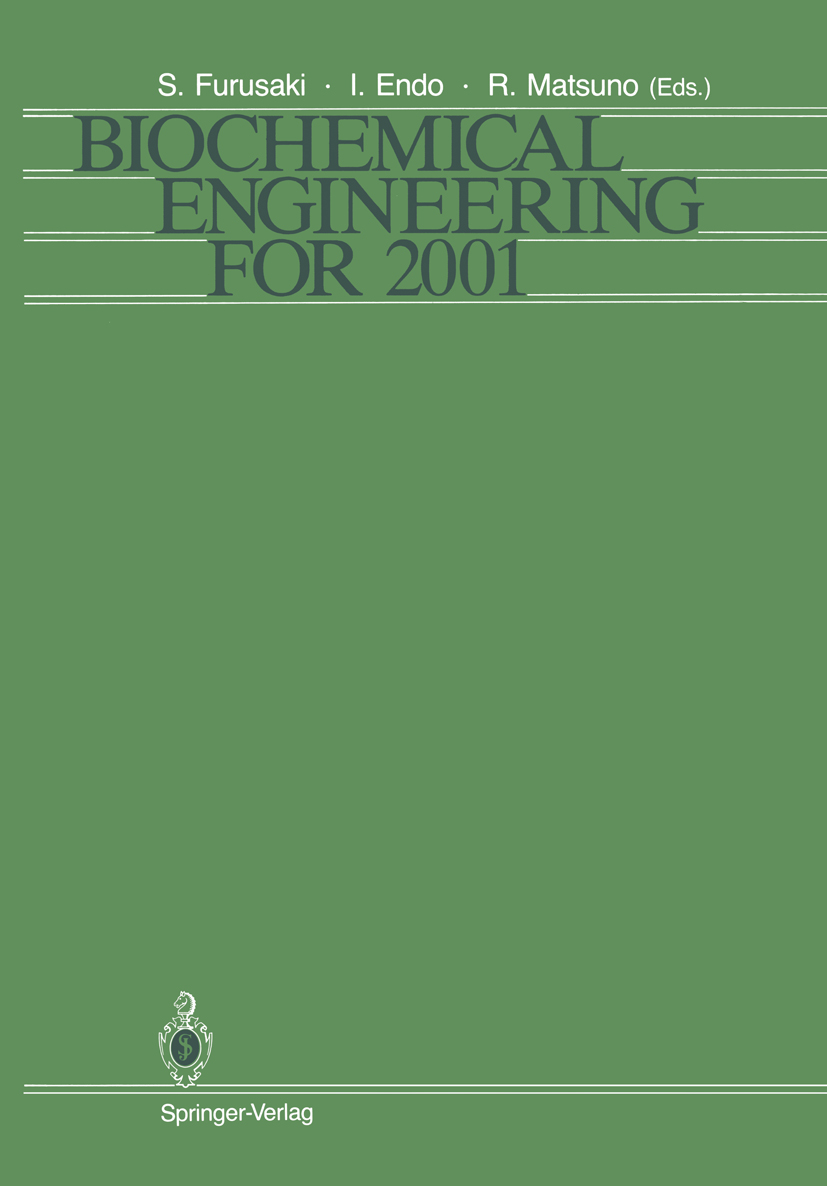
Biochemical Engineering for 2001 Biochemical engineering forms a bridge between fundamental biochemical research and large scale biotechnology processes. It covers genetic and protein engineering, cell culture, bioprocess and reactor design, separation and modelling. Research work in biochemical engineering is an investment in the future, when conventional resources will have to be replaced with renewable ones. In this book the papers presented at the Asia-Pacific Biochemical Engineering Conference (Yokohama, Japan 1992) are collected. This collection is unique in its wide coverage of topics and it gives an overview of the current trends of research in an important area. TECHNOLOGY & ENGINEERING,Chemical & Biochemical
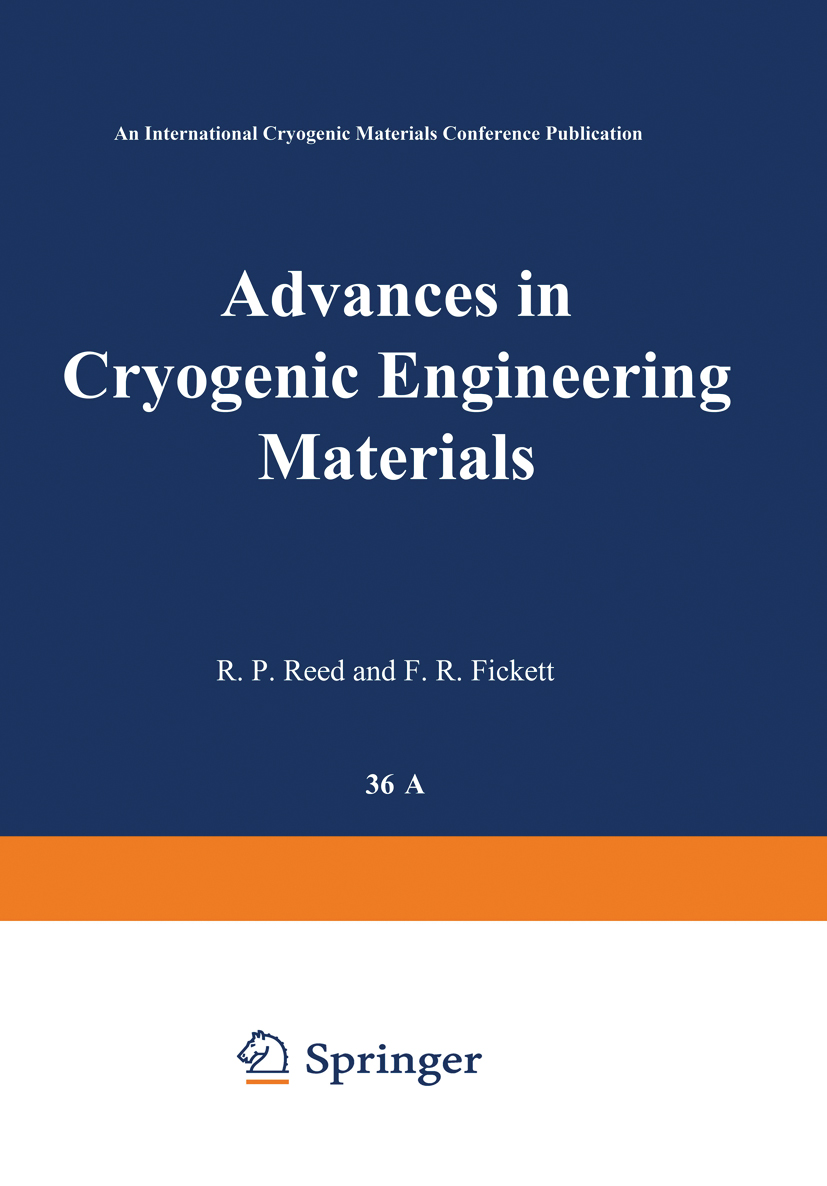
Advances in Cryogenic Engineering Materials TECHNOLOGY & ENGINEERING,Chemical & Biochemical
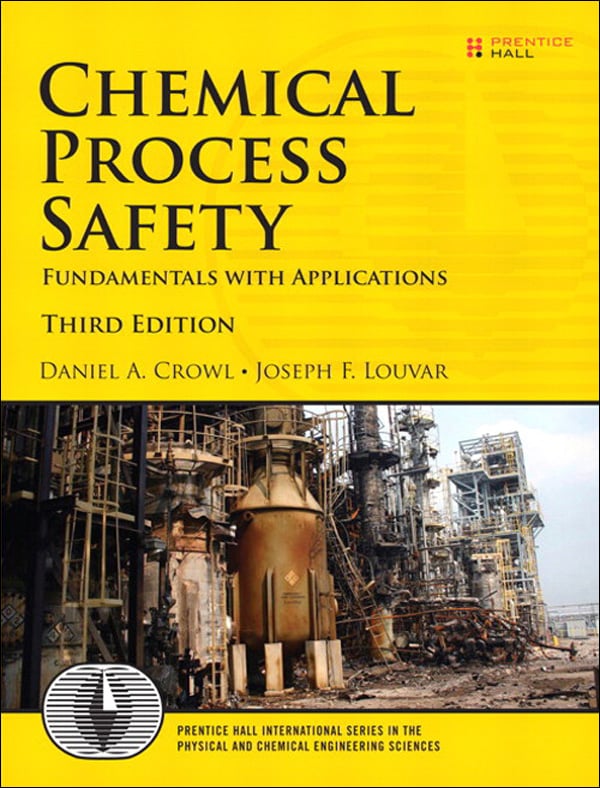
Chemical Process Safety The Leading Guide To Process Safety Now Extensively Updated For Today’s Processes And Systems As chemical processes have grown more complex, so have the safety systems required to prevent accidents. Chemical Process Safety, Third Edition, offers students and practitioners a more fundamental understanding of safety and the application required to safely design and manage today’s sophisticated processes. The third edition continues the definitive standard of the previous editions. The content has been extensively updated to today’s techniques and procedures, and two new chapters have been added. A new chapter on chemical reactivity provides the information necessary to identify, characterize, control, and manage reactive chemical hazards. A new chapter on safety procedures and designs includes new content on safely management, and specific procedures including hot work permits, lock-tag-try, and vessel entry. Subjects Include Inherently safer design Toxicology and industrial hygiene Toxic release and dispersion models Fires and explosions, and how to prevent them Reliefs and relief sizing Hazard identification Risk assessment Safe designs and procedures Case histories Chemical Process Safety, Third Edition, is an ideal reference for professionals. It can be used for both graduate and undergraduate instruction. This edition contains more than 480 end-of-chapter problems. A solutions manual is available for instructors. TECHNOLOGY & ENGINEERING,Chemical & Biochemical

Handbook of Petrochemicals Production Processes Chemicals -- and the process used to produce them -- are a billion dollar business. Written by experts from major international petrochemical licensing firms, this innovative handbook details the latest and most powerful chemical processes used to create the most economically important chemicals in the world. TECHNOLOGY & ENGINEERING,Chemical & Biochemical
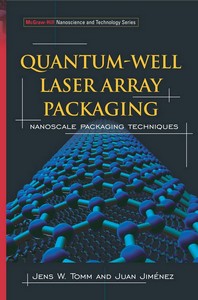
Quantum-Well Laser Array Packaging Publisher's Note: Products purchased from Third Party sellers are not guaranteed by the publisher for quality, authenticity, or access to any online entitlements included with the product. The very latest nanoscale packaging techniques needed to keep quantum-well lasers functioning In this book the authors address the nanoscale packaging issue by providing you with state-of-the-art screening and packaging techniques not found in any other resource. TECHNOLOGY & ENGINEERING,Chemical & Biochemical
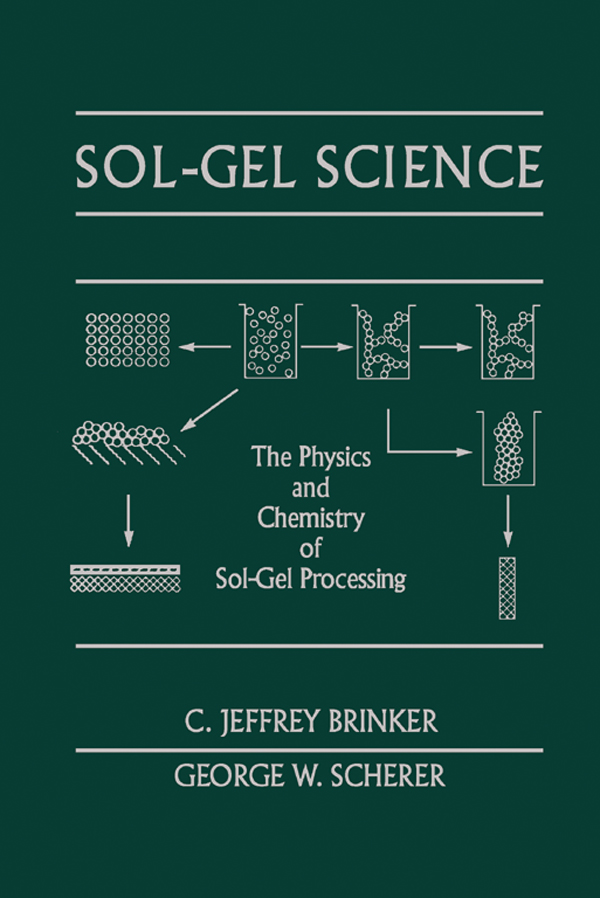
Sol-Gel Science Sol-Gel Science: The Physics and Chemistry of Sol-Gel Processing presents the physical and chemical principles of the sol-gel process. The book emphasizes the science behind sol-gel processing with a chapter devoted to applications. The first chapter introduces basic terminology, provides a brief historical sketch, and identifies some excellent texts for background reading. Chapters 2 and 3 discuss the mechanisms of hydrolysis and condensation for nonsilicate and silicate systems. Chapter 4 deals with stabilization and gelation of sols. Chapter 5 reviews theories of gelation and examines the predicted and observed changes in the properties of a sol in the vicinity of the gel point. Chapter 6 describes the changes in structure and properties that occur during aging of a gel in its pore liquor (or some other liquid). The discussion of drying is divided into two parts, with the theory concentrated in Chapter 7 and the phenomenology in Chapter 8. The structure of dried gels is explored in Chapter 9. Chapter 10 shows the possibility of using the gel as a substrate for chemical reactions or of modifying the bulk composition of the resulting ceramic by performing a surface reaction (such as nitridation) on the gel. Chapter 11 reviews the theory and practice of sintering, describing the mechanisms that govern densification of amorphous and crystalline materials, and showing the advantages of avoiding crystallization before sintering is complete. The properties of gel-derived and conventional ceramics are discussed in Chapter 12. The preparation of films is such an important aspect of sol-gel technology that the fundamentals of film formation are treated at length in Chapter 13. Films and other applications are briefly reviewed in Chapter 14. Materials scientists and researchers in the field of sol-gel processing will find the book invaluable. TECHNOLOGY & ENGINEERING,Chemical & Biochemical

Glazes — for the Self-Reliant Potter TECHNOLOGY & ENGINEERING,Chemical & Biochemical
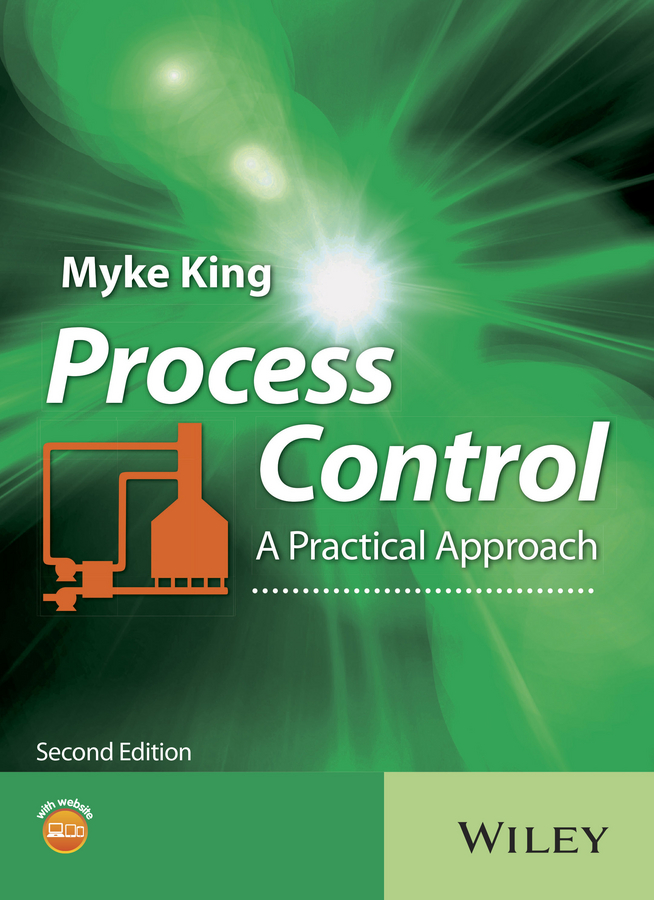
Process Control This expanded new edition is specifically designed to meet the needs of the process industry, and closes the gap between theory and practice. Back-to-basics approach, with a focus on techniques that have an immediate practical application, and heavy maths relegated to the end of the book Written by an experienced practitioner, highly regarded by major corporations, with 25 years of teaching industry courses Supports the increasing expectations for Universities to teach more practical process control (supported by IChemE) TECHNOLOGY & ENGINEERING,Chemical & Biochemical
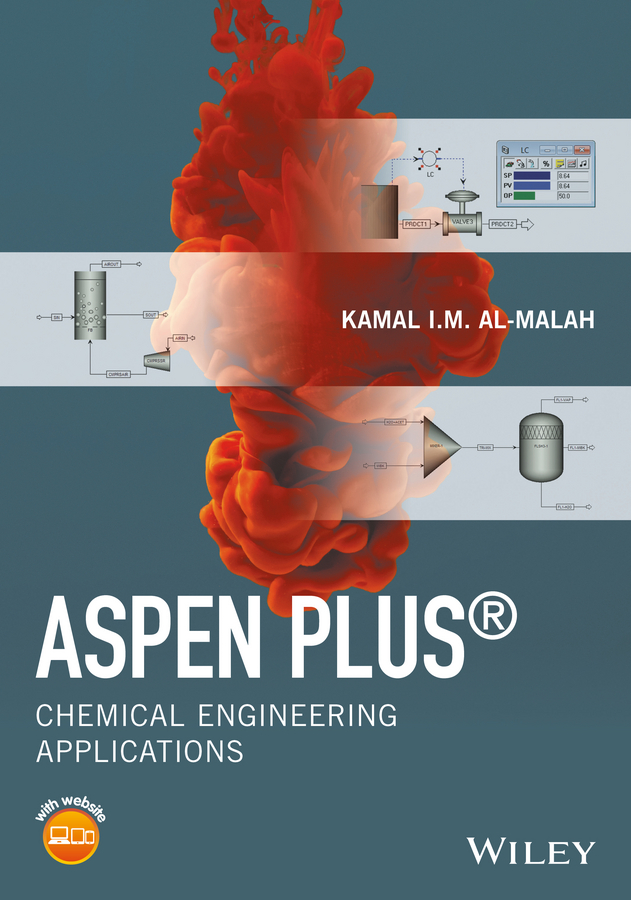
Aspen Plus Facilitates the process of learning and later mastering Aspen Plus® with step by step examples and succinct explanations Step-by-step textbook for identifying solutions to various process engineering problems via screenshots of the Aspen Plus® platforms in parallel with the related text Includes end-of-chapter problems and term project problems Includes online exam and quiz problems for instructors that are parametrized (i.e., adjustable) so that each student will have a standalone version Includes extra online material for students such as Aspen Plus®-related files that are used in the working tutorials throughout the entire textbook TECHNOLOGY & ENGINEERING,Chemical & Biochemical
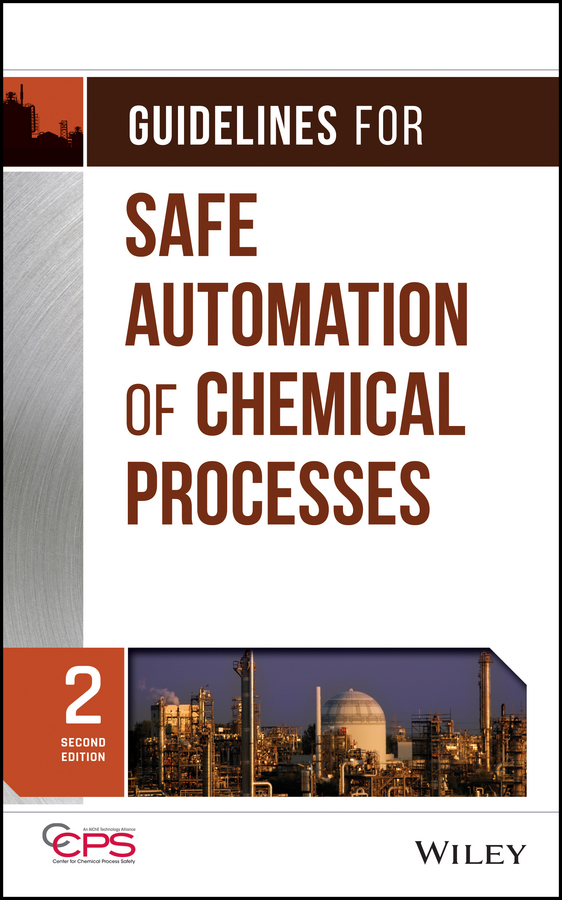
Guidelines for Safe Automation of Chemical Processes This book provides designers and operators of chemical process facilities with a general philosophy and approach to safe automation, including independent layers of safety. An expanded edition, this book includes a revision of original concepts as well as chapters that address new topics such as use of wireless automation and Safety Instrumented Systems. This book also provides an extensive bibliography to related publications and topic-specific information. TECHNOLOGY & ENGINEERING,Chemical & Biochemical
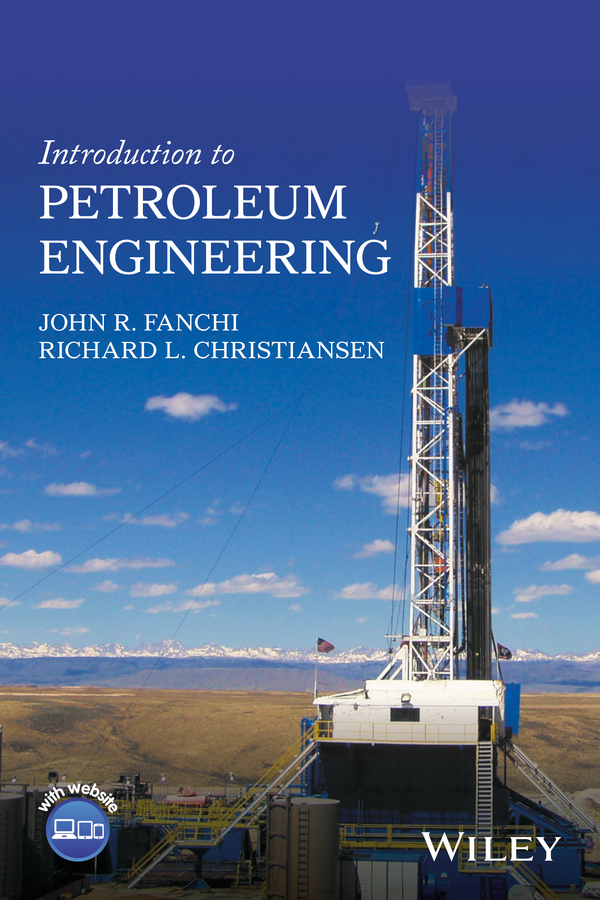
Introduction to Petroleum Engineering Presents key concepts and terminology for a multidisciplinary range of topics in petroleum engineering Places oil and gas production in the global energy context Introduces all of the key concepts that are needed to understand oil and gas production from exploration through abandonment Reviews fundamental terminology and concepts from geology, geophysics, petrophysics, drilling, production and reservoir engineering Includes many worked practical examples within each chapter and exercises at the end of each chapter highlight and reinforce material in the chapter Includes a solutions manual for academic adopters TECHNOLOGY & ENGINEERING,Chemical & Biochemical
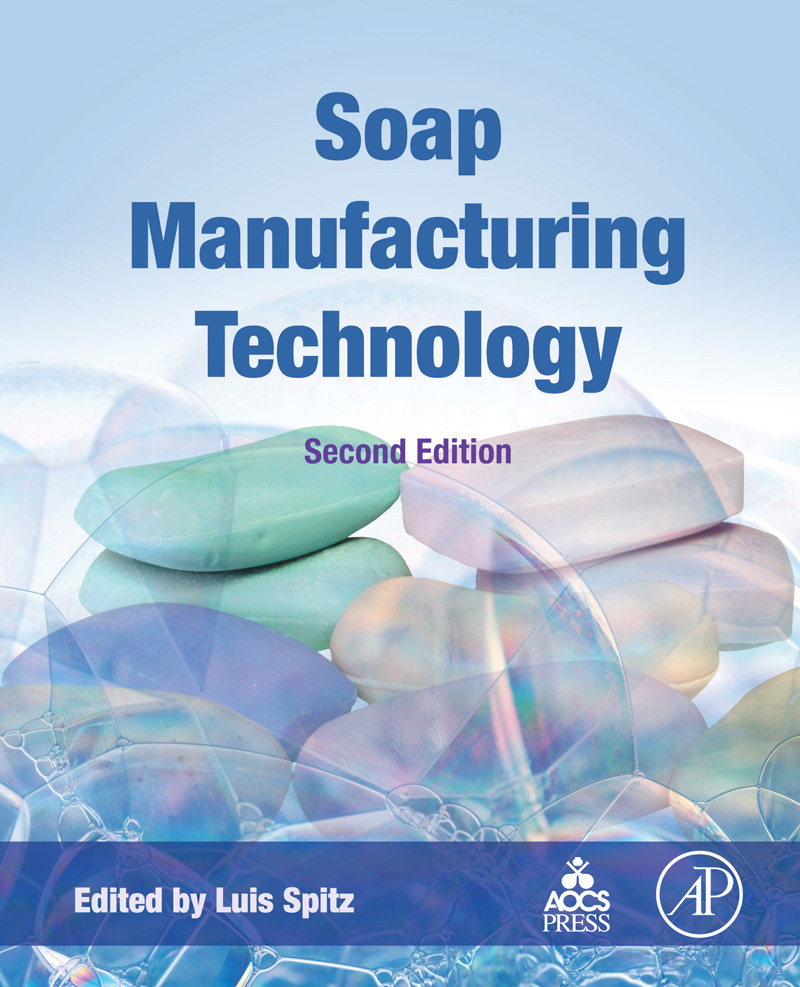
Soap Manufacturing Technology Soap Manufacturing Technology, Second Edition, is the most authoritative and up-to-date book on soap technology available today. Editor and contributing author Luis Spitz leads a world-renowned team in providing comprehensive information on all components of soap manufacturing including formulation, performance evaluation, cleansing systems, and more. This new edition includes two new chapters, Integrated Saponification and Drying Systems and Laundry Bars, and the others are completely revised and updated. Includes new chapters and figures, tables, and text updated from the first edition Serves as a technical reference book ideal for both experienced and beginning soap producers and suppliers Provides an overview of the AOCS methods used for the evaluation of soap and soap products Includes two new chapters on Integrated Saponification and Drying Systems and Laundry Bars TECHNOLOGY & ENGINEERING,Chemical & Biochemical
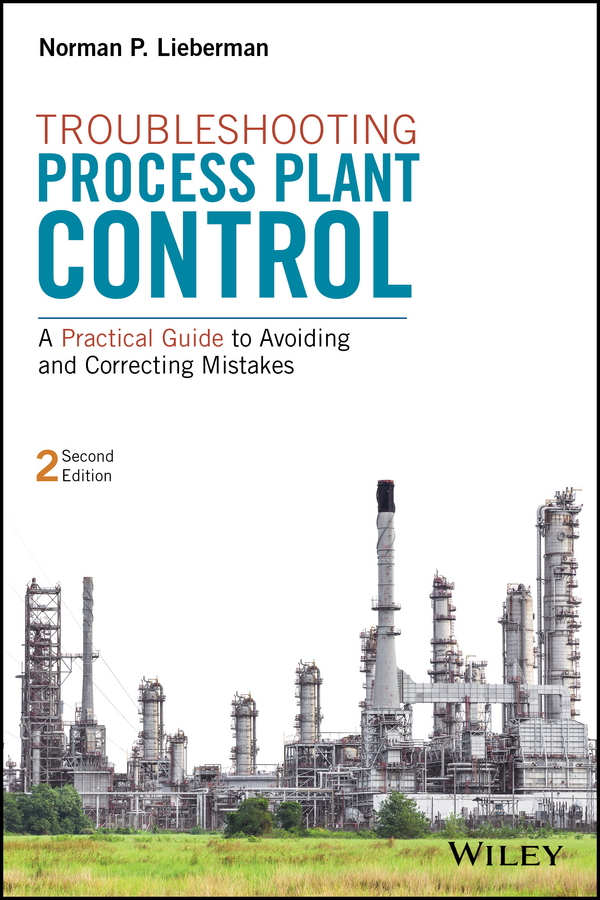
Troubleshooting Process Plant Control Examines real life problems and solutions for operators and engineers running process controls Expands on the first book with the addition of five new chapters as well as new troubleshooting examples Written for the working operator and engineer, with straightforward instruction not hinged on complex math Includes real-life examples of control problems that commonly arise and how to fix them Emphasizes single and well-established process engineering principles that will help working engineers and operators switch manual control loops to automatic control TECHNOLOGY & ENGINEERING,Chemical & Biochemical
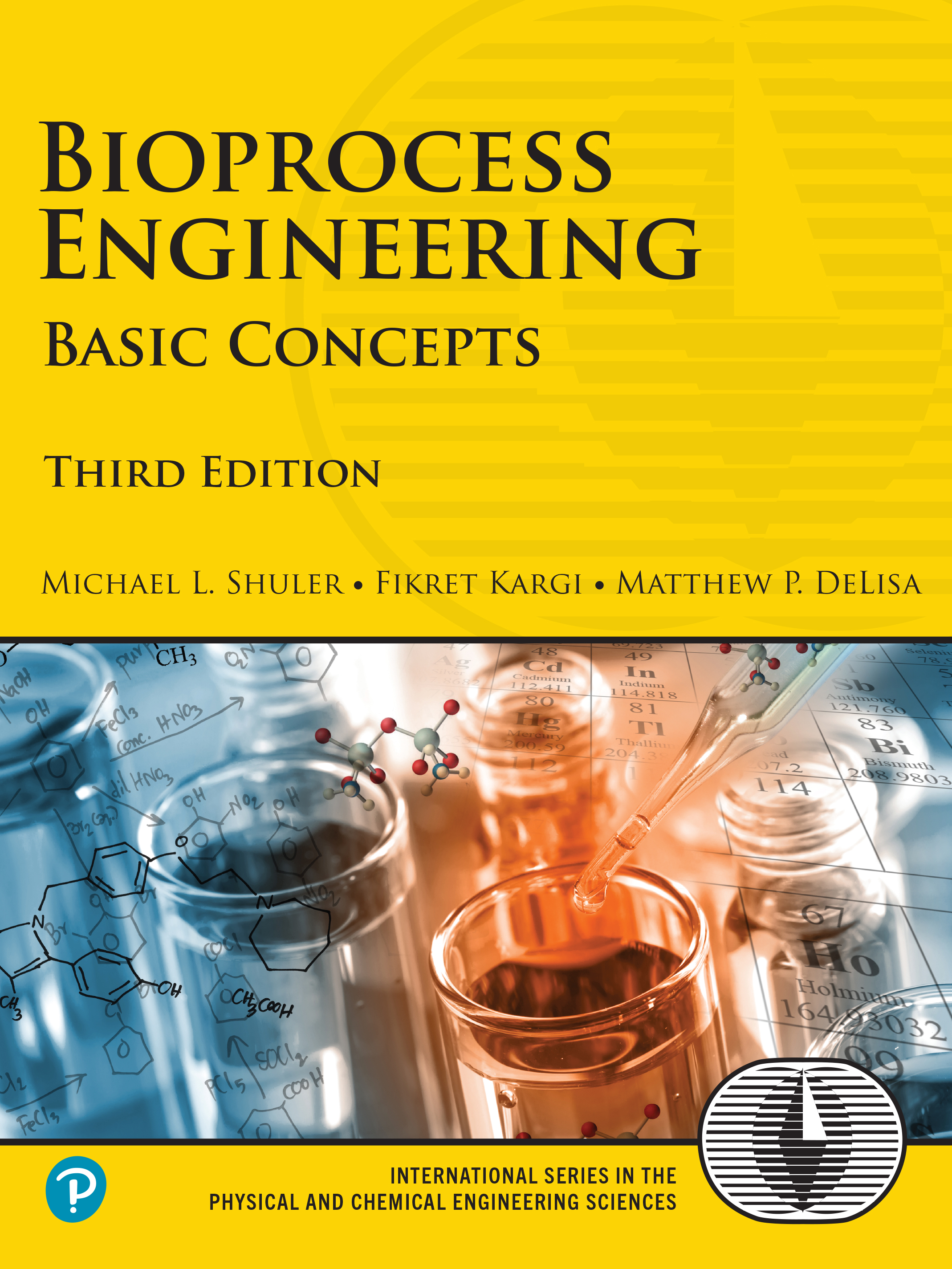
Bioprocess Engineering The Leading Introduction to Biochemical and Bioprocess Engineering, Updated with Key Advances in Productivity, Innovation, and Safety Bioprocess Engineering, Third Edition, is an extensive update of the world’s leading introductory textbook on biochemical and bioprocess engineering and reflects key advances in productivity, innovation, and safety. The authors review relevant fundamentals of biochemistry, microbiology, and molecular biology, including enzymes, cell functions and growth, major metabolic pathways, alteration of cellular information, and other key topics. They then introduce evolving biological tools for manipulating cell biology more effectively and to reduce costs of bioprocesses. This edition presents major advances in the production of biologicals; highly productive techniques for making heterologous proteins; new commercial applications for both animal and plant cell cultures; key improvements in recombinant DNA microbe engineering; techniques for more consistent authentic post-translational processing of proteins; and other advanced topics. It includes new, improved, or expanded coverage of The role of small RNAs as regulators Transcription, translation, regulation, and differences between prokaryotes and eukaryotes Cell-free processes, metabolic engineering, and protein engineering Biofuels and energy, including coordinated enzyme systems, mixed-inhibition and enzyme-activation kinetics, and two-phase enzymatic reactions Synthetic biology The growing role of genomics and epigenomics Population balances and the Gompetz equation for batch growth and product formation Microreactors for scale-up/scale-down, including rapid scale-up of vaccine production The development of single-use technology in bioprocesses Stem cell technology and utilization Use of microfabrication, nanobiotechnology, and 3D printing techniques Advances in animal and plant cell biotechnology The text makes extensive use of illustrations, examples, and problems, and contains references for further reading as well as a detailed appendix describing traditional bioprocesses. Register your product at informit.com/register for convenient access to downloads, updates, and corrections as they become available. TECHNOLOGY & ENGINEERING,Chemical & Biochemical
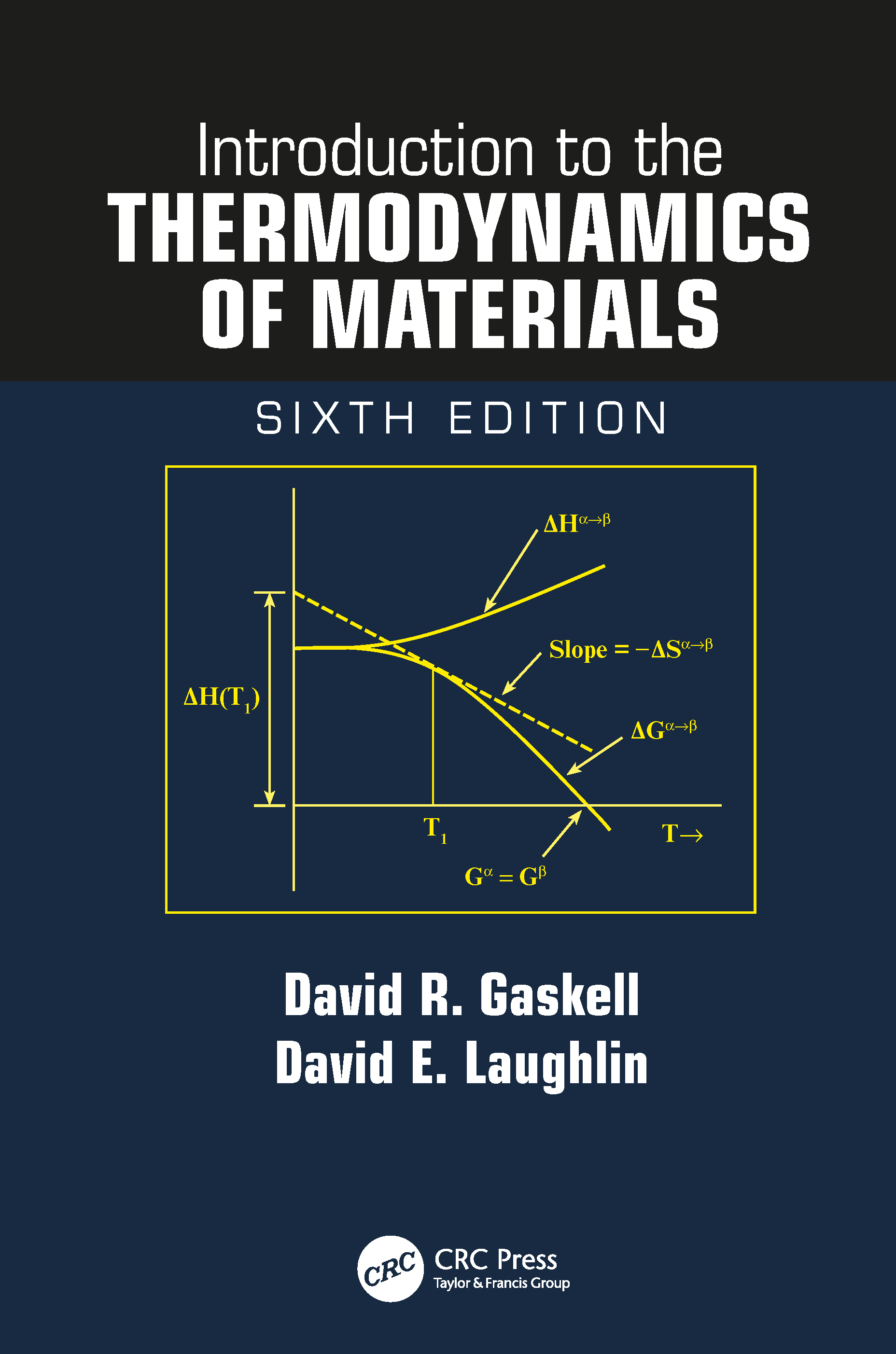
Introduction to the Thermodynamics of Materials Maintaining the substance that made Introduction to the Thermodynamic of Materials a perennial best seller for decades, this Sixth Edition is updated to reflect the broadening field of materials science and engineering. The new edition is reorganized into three major sections to align the book for practical coursework, with the first (Thermodynamic Principles) and second (Phase Equilibria) sections aimed at use in a one semester undergraduate course. The third section (Reactions and Transformations) can be used in other courses of the curriculum that deal with oxidation, energy, and phase transformations. The book is updated to include the role of work terms other than PV work (e.g., magnetic work) along with their attendant aspects of entropy, Maxwell equations, and the role of such applied fields on phase diagrams. There is also an increased emphasis on the thermodynamics of phase transformations and the Sixth Edition features an entirely new chapter 15 that links specific thermodynamic applications to the study of phase transformations. The book also features more than 50 new end of chapter problems and more than 50 new figures. TECHNOLOGY & ENGINEERING,Chemical & Biochemical
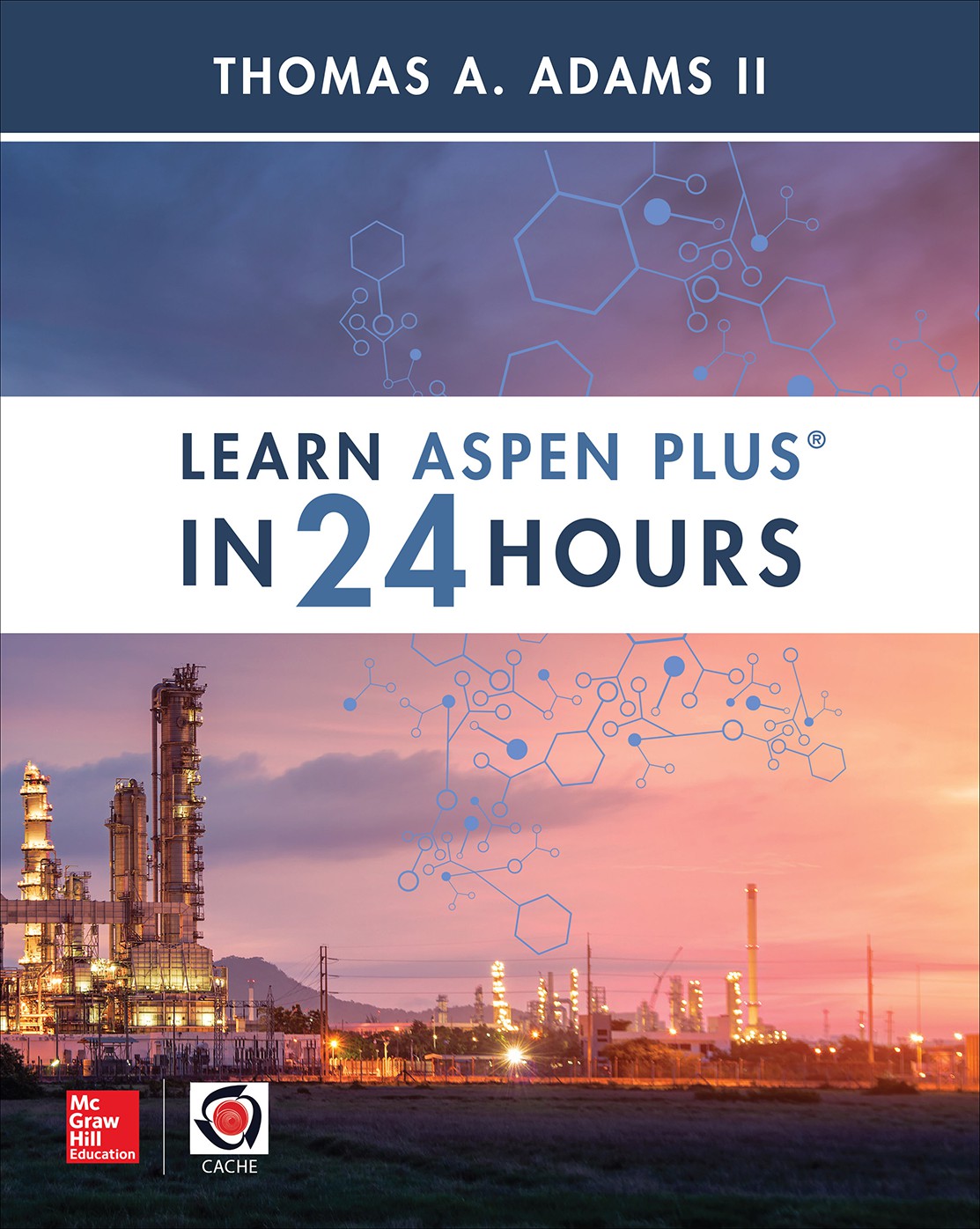
Learn Aspen Plus in 24 Hours Publisher's Note: Products purchased from Third Party sellers are not guaranteed by the publisher for quality, authenticity, or access to any online entitlements included with the product. This self-learning guide shows how to start using Aspen Plus to solve chemical engineering problems quickly and easily Discover how to solve challenging chemical engineering problems with Aspen Plus—in just 24 hours, and with no prior experience. Developed at McMaster University over a seven-year period, the book features visual guides to using detailed mathematical models for a wide range of chemical process equipment, including heat exchangers, pumps, compressors, turbines, distillation columns, absorbers, strippers, and chemical reactors. Learn Aspen Plus in 24 Hours shows, step-by-step, how to configure and use Aspen Plus v9.0 and apply its powerful features to the design, operation, and optimization of safe, profitable manufacturing facilities. You will learn how to build process models and accurately simulate those models without performing tedious calculations. Divided into 12 two-hour lessons, the guide offers downloadable Aspen Plus simulation files and visual step-by-step guides. • Contains a valuable index that lists software icons and commands used in the book• Features helpful and time-saving links to instructional videos and technical content• Instructs how to integrate your simulation with other supporting software such as Aspen Capital Cost Estimator, Aspen Energy Analyzer, and Microsoft Excel• Written by an Aspen Plus power-user and leading researcher in chemical process simulations TECHNOLOGY & ENGINEERING,Chemical & Biochemical
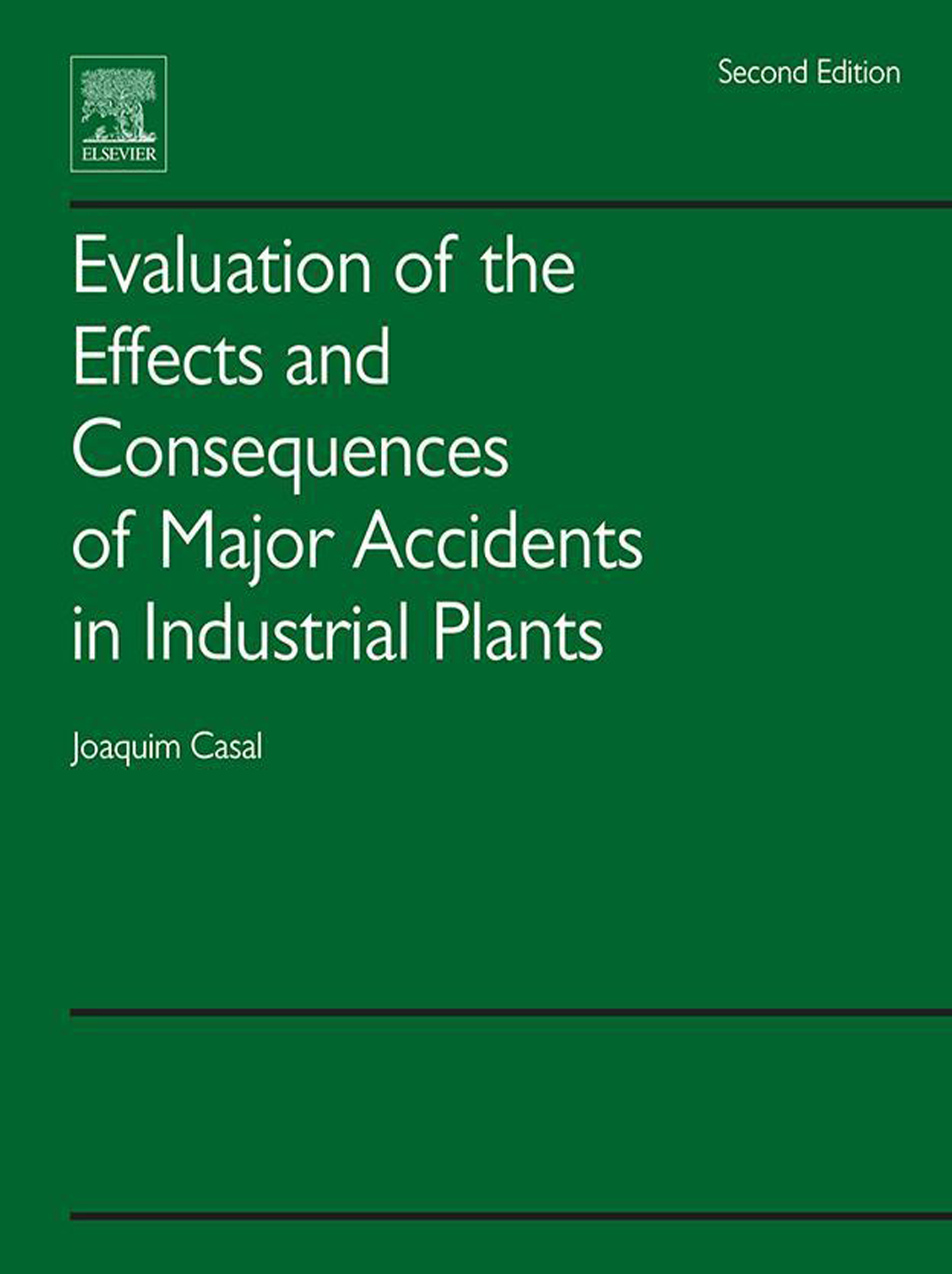
Evaluation of the Effects and Consequences of Major Accidents in Industrial Plants Evaluation of the Effects and Consequences of Major Accidents in Industrial Plants, Second Edition, covers the essential aspects of a diverse range of major accidents including fires, explosions and toxic clouds, and provides the key models necessary to calculate their effects and consequences with applications to real incidents. New topics in this up-to-date edition include dust explosions, evaluation of frequencies and probabilities, domino effect, transportation of hazardous materials, and analysis of significant accidents. The new edition of Evaluation of the Effects and Consequences of Major Accidents in Industrial Plants is a valuable resource to engineers from the chemical/petrochemical industry and those working with the transportation of hazardous materials (by road, rail, or pipelines), in addition to engineering companies and academics alike. Evaluates the expected/probable occurrence frequency of major accidents Describes the main features of fires, explosions and toxic releases Includes mathematical modeling of major accidents, evaluation of their effects, and consequences on people and equipment Explains how to perform a Quantitative Risk Analysis TECHNOLOGY & ENGINEERING,Chemical & Biochemical

Essentials of Chemical Reaction Engineering Today’s Definitive, Undergraduate-Level Introduction to Chemical Reaction Engineering Problem-Solving For 30 years, H. Scott Fogler’s Elements of Chemical Reaction Engineering has been the #1 selling text for courses in chemical reaction engineering worldwide. Now, in Essentials of Chemical Reaction Engineering, Second Edition, Fogler has distilled this classic into a modern, introductory-level guide specifically for undergraduates. This is the ideal resource for today’s students: learners who demand instantaneous access to information and want to enjoy learning as they deepen their critical thinking and creative problem-solving skills. Fogler successfully integrates text, visuals, and computer simulations, and links theory to practice through many relevant examples. This updated second edition covers mole balances, conversion and reactor sizing, rate laws and stoichiometry, isothermal reactor design, rate data collection/analysis, multiple reactions, reaction mechanisms, pathways, bioreactions and bioreactors, catalysis, catalytic reactors, nonisothermal reactor designs, and more. Its multiple improvements include a new discussion of activation energy, molecular simulation, and stochastic modeling, and a significantly revamped chapter on heat effects in chemical reactors. To promote the transfer of key skills to real-life settings, Fogler presents three styles of problems: Straightforward problems that reinforce the principles of chemical reaction engineering Living Example Problems (LEPs) that allow students to rapidly explore the issues and look for optimal solutions Open-ended problems that encourage students to use inquiry-based learning to practice creative problem-solving skills About the Web Site (umich.edu/~elements/5e/index.html) The companion Web site offers extensive enrichment opportunities and additional content, including Complete PowerPoint slides for lecture notes for chemical reaction engineering classes Links to additional software, including Polymath, MATLAB, Wolfram Mathematica, AspenTech, and COMSOL Multiphysics Interactive learning resources linked to each chapter, including Learning Objectives, Summary Notes, Web Modules, Interactive Computer Games, Computer Simulations and Experiments, Solved Problems, FAQs, and links to LearnChemE Living Example Problems that provide more than 75 interactive simulations, allowing students to explore the examples and ask “what-if †questions Professional Reference Shelf, containing advanced content on reactors, weighted least squares, experimental planning, laboratory reactors, pharmacokinetics, wire gauze reactors, trickle bed reactors, fluidized bed reactors, CVD boat reactors, detailed explanations of key derivations, and more Problem-solving strategies and insights on creative and critical thinking Register your product at informit.com/register for convenient access to downloads, updates, and/or corrections as they become available. TECHNOLOGY & ENGINEERING,Chemical & Biochemical
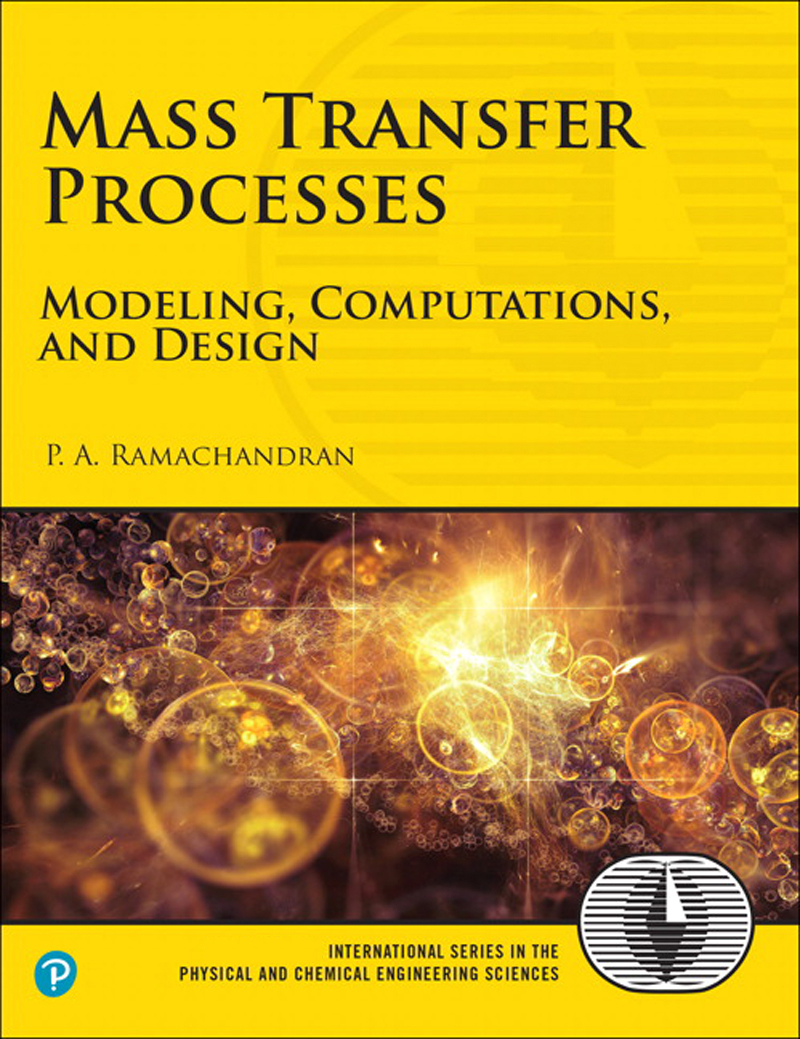
Mass Transfer Processes The All-in-One Guide to Mass Transport Phenomena: From Theory to Examples and Computation Mass transfer processes exist in practically all engineering fields and many biological systems; understanding them is essential for all chemical engineering students, and for practitioners in a broad range of practices, such as biomedical engineering, environmental engineering, material engineering, and the like. Mass Transfer Processes combines a modern, accessible introduction to modeling and computing these processes with demonstrations of their application in designing reactors and separation systems. P. A. Ramachandran’s integrated approach balances all the knowledge readers need to be effective, rather than merely paying lip service to some crucial topics. He covers both analytical and numerical solutions to mass transfer problems, demonstrating numerical problem-solving with widely used software packages, including MATLAB and CHEBFUN. Throughout, he links theory to realistic examples, both traditional and contemporary. Theory, examples, and in-depth coverage of differential, macroscopic, and mesoscopic modeling Physical chemistry aspects of diffusion phenomena Film models for calculating local mass transfer rates and diffusional interaction in gas—solid and gas—liquid reaction systems Application of mass transfer models in rate-based separation processes, and systems with simultaneous heat and mass transfer Convective mass transfer: empirical correlation, internal and external laminar flows, and turbulent flows Heterogeneous systems, from laminar flow reactors, diffusion-reaction models, reactive membranes, and electrochemical reactors Computations of mass transfer effects in multicomponent systems Solid—gas noncatalytic reactions for chemical, metallurgical, environmental, and electronic processes Applications in electrochemical and biomedical systems Design calculations for humidification, drying, and condensation systems and membrane-based separations Analysis of adsorption, chromatography, electrodialysis, and electrophoresis TECHNOLOGY & ENGINEERING,Chemical & Biochemical

Process Systems Engineering for Pharmaceutical Manufacturing Process Systems Engineering for Pharmaceutical Manufacturing: From Product Design to Enterprise-Wide Decisions, Volume 41, covers the following process systems engineering methods and tools for the modernization of the pharmaceutical industry: computer-aided pharmaceutical product design and pharmaceutical production processes design/synthesis; modeling and simulation of the pharmaceutical processing unit operation, integrated flowsheets and applications for design, analysis, risk assessment, sensitivity analysis, optimization, design space identification and control system design; optimal operation, control and monitoring of pharmaceutical production processes; enterprise-wide optimization and supply chain management for pharmaceutical manufacturing processes. Currently, pharmaceutical companies are going through a paradigm shift, from traditional manufacturing mode to modernized mode, built on cutting edge technology and computer-aided methods and tools. Such shifts can benefit tremendously from the application of methods and tools of process systems engineering. Introduces Process System Engineering (PSE) methods and tools for discovering, developing and deploying greener, safer, cost-effective and efficient pharmaceutical production processes Includes a wide spectrum of case studies where different PSE tools and methods are used to improve various pharmaceutical production processes with distinct final products Examines the future benefits and challenges for applying PSE methods and tools to pharmaceutical manufacturing TECHNOLOGY & ENGINEERING,Chemical & Biochemical
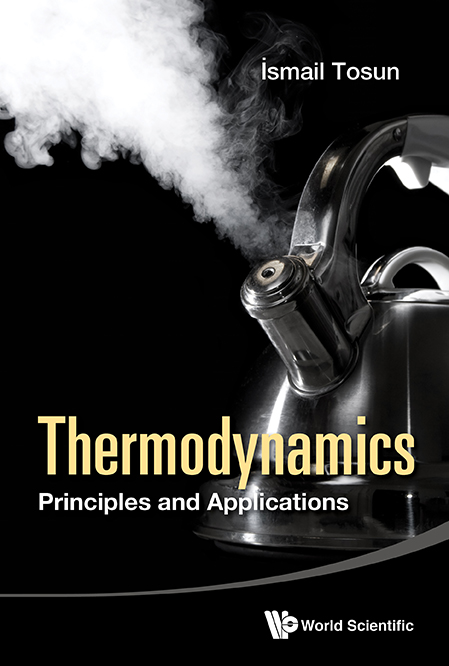
Thermodynamics This eminently readable introductory text provides a sound foundation to understand the abstract concepts used to express the laws of thermodynamics. The emphasis is on the fundamentals rather than spoon-feeding the subject matter. The concepts are explained with utmost clarity in simple and elegant language. It provides the background material needed for students to solve practical problems related to thermodynamics. Answers to all problems are provided. TECHNOLOGY & ENGINEERING,Chemical & Biochemical
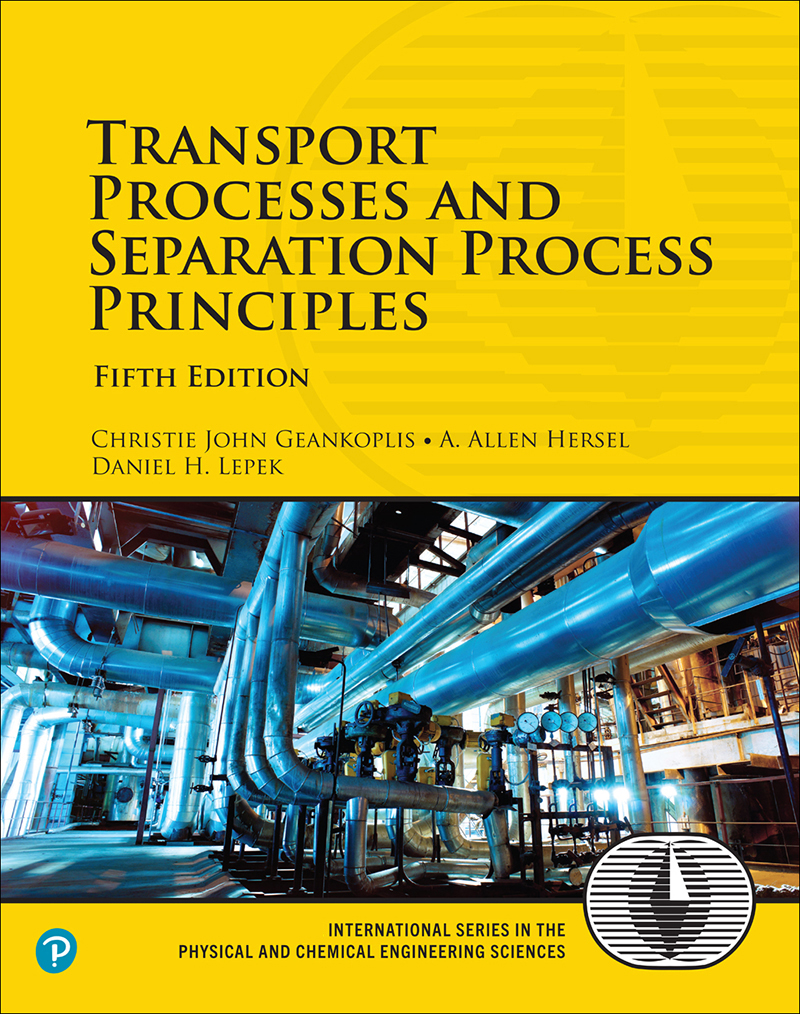
Transport Processes and Separation Process Principles The Complete, Unified, Up-to-Date Guide to Transport and Separation–Fully Updated for Today’s Methods and Software Tools Transport Processes and Separation Process Principles, Fifth Edition, offers a unified and up-to-date treatment of momentum, heat, and mass transfer and separations processes. This edition–reorganized and modularized for better readability and to align with modern chemical engineering curricula–covers both fundamental principles and practical applications, and is a key resource for chemical engineering students and professionals alike. This edition provides New chapter objectives and summaries throughout Better linkages between coverage of heat and mass transfer More coverage of heat exchanger design New problems based on emerging topics such as biotechnology, nanotechnology, and green engineering New instructor resources: additional homework problems, exam questions, problem-solving videos, computational projects, and more Part 1 thoroughly covers the fundamental principles of transport phenomena, organized into three sections: fluid mechanics, heat transfer, and mass transfer. Part 2 focuses on key separation processes, including absorption, stripping, humidification, filtration, membrane separation, gaseous membranes, distillation, liquid—liquid extraction, adsorption, ion exchange, crystallization and particle-size reduction, settling, sedimentation, centrifugation, leaching, evaporation, and drying. The authors conclude with convenient appendices on the properties of water, compounds, foods, biological materials, pipes, tubes, and screens. The companion website (trine.edu/transport5ed/) contains additional homework problems that incorporate today’s leading software, including Aspen/CHEMCAD, MATLAB, COMSOL, and Microsoft Excel. TECHNOLOGY & ENGINEERING,Chemical & Biochemical

Hazop & Hazan This revised edition provides the basics of applying hazard and operability study (Hazop) and hazard analysis (Hazan). Hazop is a creative but systematic method of identifying hazards in process plants. Hazard analysis is then used to quantify the risks from these hazards, and to assess how far to go in reducing them. This book is presented in easy-to-read style and explains: what a Hazop is, who carries it out, when, and how long it should take; points to watch during a Hazop; an example of a Hazop; Hazops on flowsheets; the stages of Hazard analysis; the Fatal Accident Rate; risks to the public; estimating how often an accident will occur, with examples; and pitfalls in Hazan. TECHNOLOGY & ENGINEERING,Chemical & Biochemical
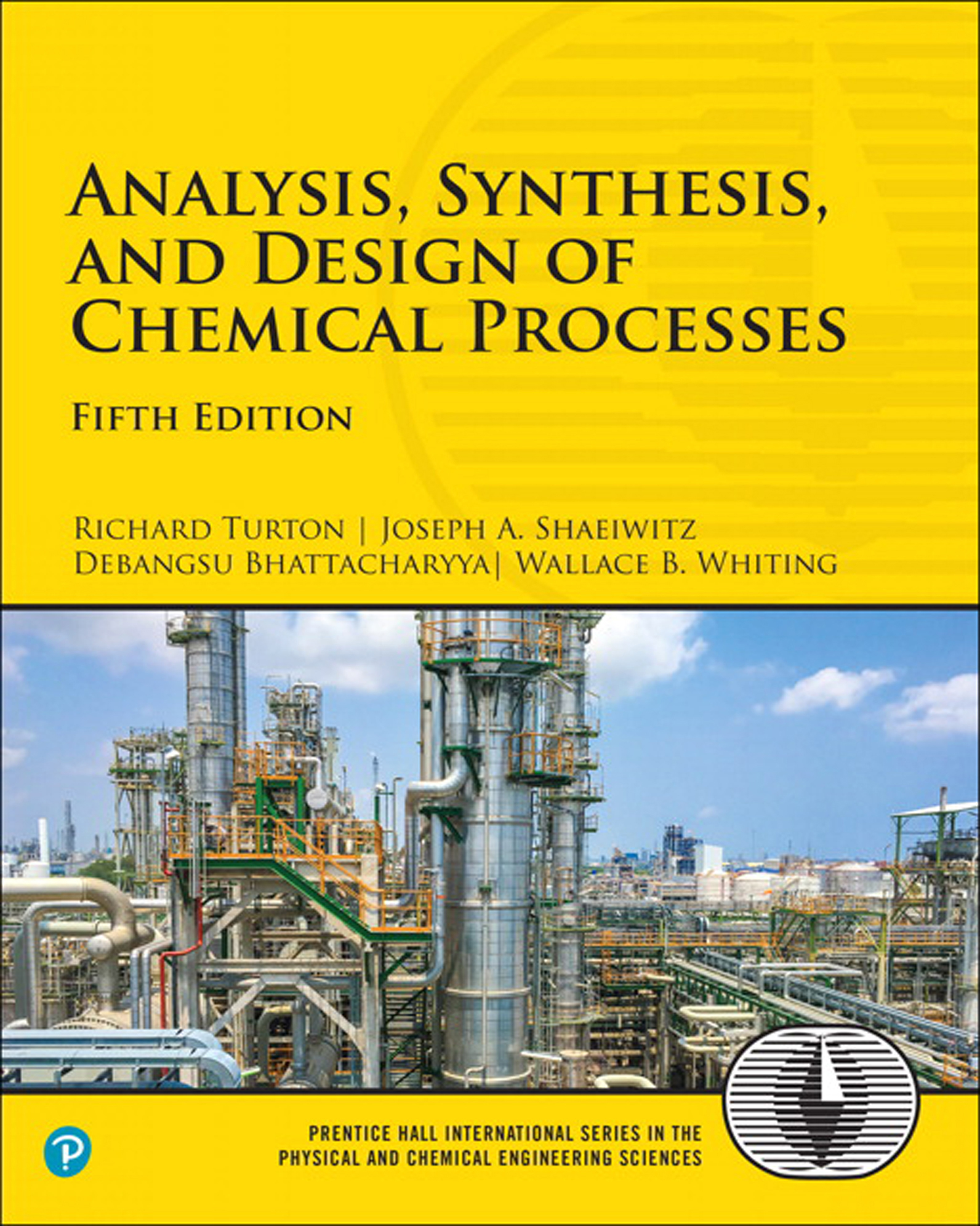
Analysis, Synthesis and Design of Chemical Processes The Leading Integrated Chemical Process Design Guide: With Extensive Coverage of Equipment Design and Other Key Topics More than ever, effective design is the focal point of sound chemical engineering. Analysis, Synthesis, and Design of Chemical Processes, Fifth Edition, presents design as a creative process that integrates the big-picture and small details, and knows which to stress when and why. Realistic from start to finish, it moves readers beyond classroom exercises into open-ended, real-world problem solving. The authors introduce up-to-date, integrated techniques ranging from finance to operations, and new plant design to existing process optimization. The fifth edition includes updated safety and ethics resources and economic factors indices, as well as an extensive, new section focused on process equipment design and performance, covering equipment design for common unit operations, such as fluid flow, heat transfer, separations, reactors, and more. Conceptualization and analysis: process diagrams, configurations, batch processing, product design, and analyzing existing processes Economic analysis: estimating fixed capital investment and manufacturing costs, measuring process profitability, and more Synthesis and optimization: process simulation, thermodynamic models, separation operations, heat integration, steady-state and dynamic process simulators, and process regulation Chemical equipment design and performance: a full section of expanded and revamped coverage of designing process equipment and evaluating the performance of current equipment Advanced steady-state simulation: goals, models, solution strategies, and sensitivity and optimization results Dynamic simulation: goals, development, solution methods, algorithms, and solvers Societal impacts: ethics, professionalism, health, safety, environmental issues, and green engineering Interpersonal and communication skills: working in teams, communicating effectively, and writing better reports This text draws on a combined 55 years of innovative instruction at West Virginia University (WVU) and the University of Nevada, Reno. It includes suggested curricula for one- and two-semester design courses, case studies, projects, equipment cost data, and extensive preliminary design information for jump-starting more detailed analyses. TECHNOLOGY & ENGINEERING,Chemical & Biochemical
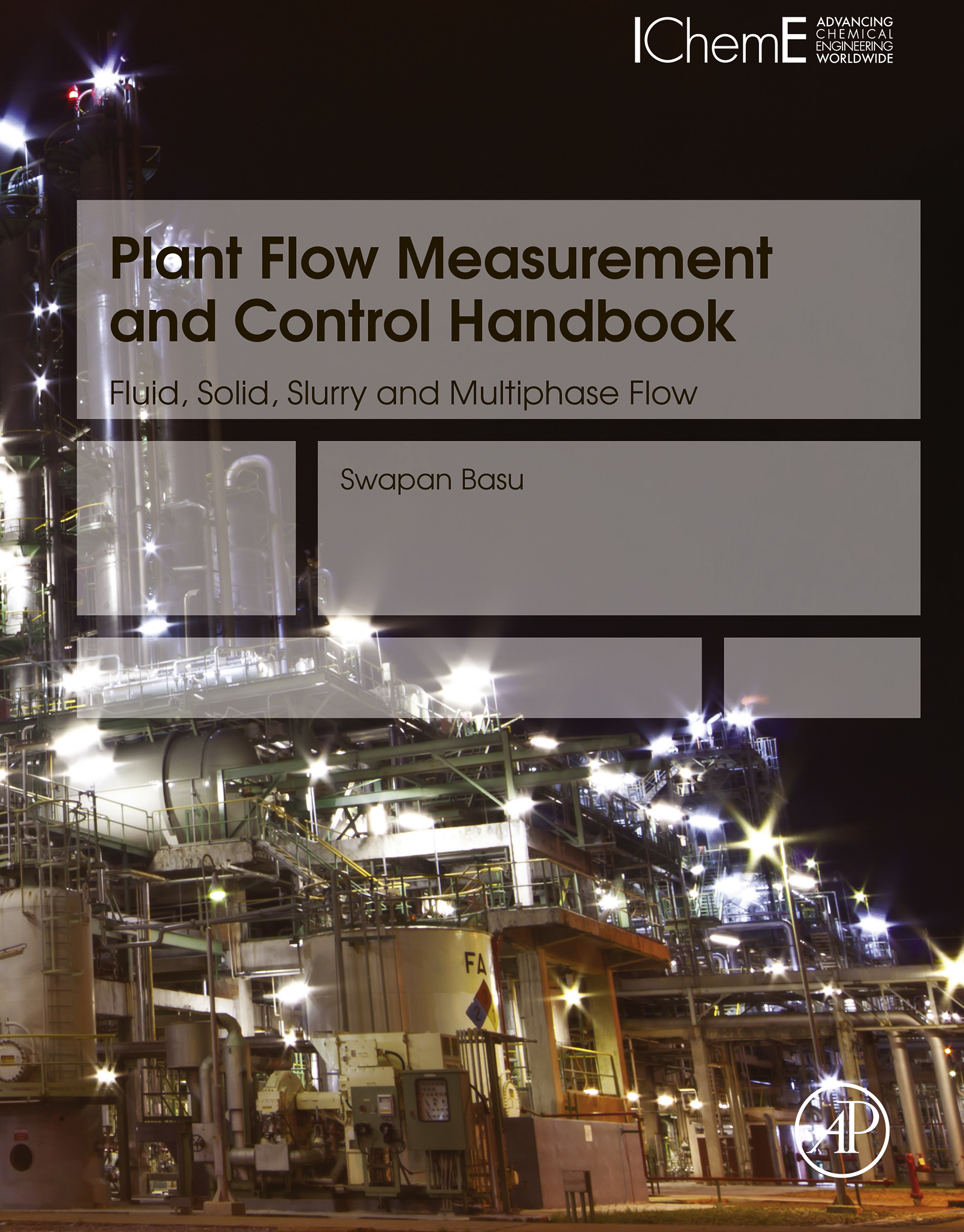
Plant Flow Measurement and Control Handbook Plant Flow Measurement and Control Handbook is a comprehensive reference source for practicing engineers in the field of instrumentation and controls. It covers many practical topics, such as installation, maintenance and potential issues, giving an overview of available techniques, along with recommendations for application. In addition, it covers available flow sensors, such as automation and control. The author brings his 35 years of experience in working in instrumentation and control within the industry to this title with a focus on fluid flow measurement, its importance in plant design and the appropriate control of processes. The book provides a good balance between practical issues and theory and is fully supported with industry case studies and a high level of illustrations to assist learning. It is unique in its coverage of multiphase flow, solid flow, process connection to the plant, flow computation and control. Readers will not only further understand design, but they will also further comprehend integration tactics that can be applied to the plant through a step-by-step design process that goes from installation to operation. Provides specification sheets, engineering drawings, calibration procedures and installation practices for each type of measurement Presents the correct flow meter that is suitable for a particular application Includes a selection table and step-by-step guide to help users make the best decision Cover examples and applications from engineering practice that will aid in understanding and application TECHNOLOGY & ENGINEERING,Chemical & Biochemical
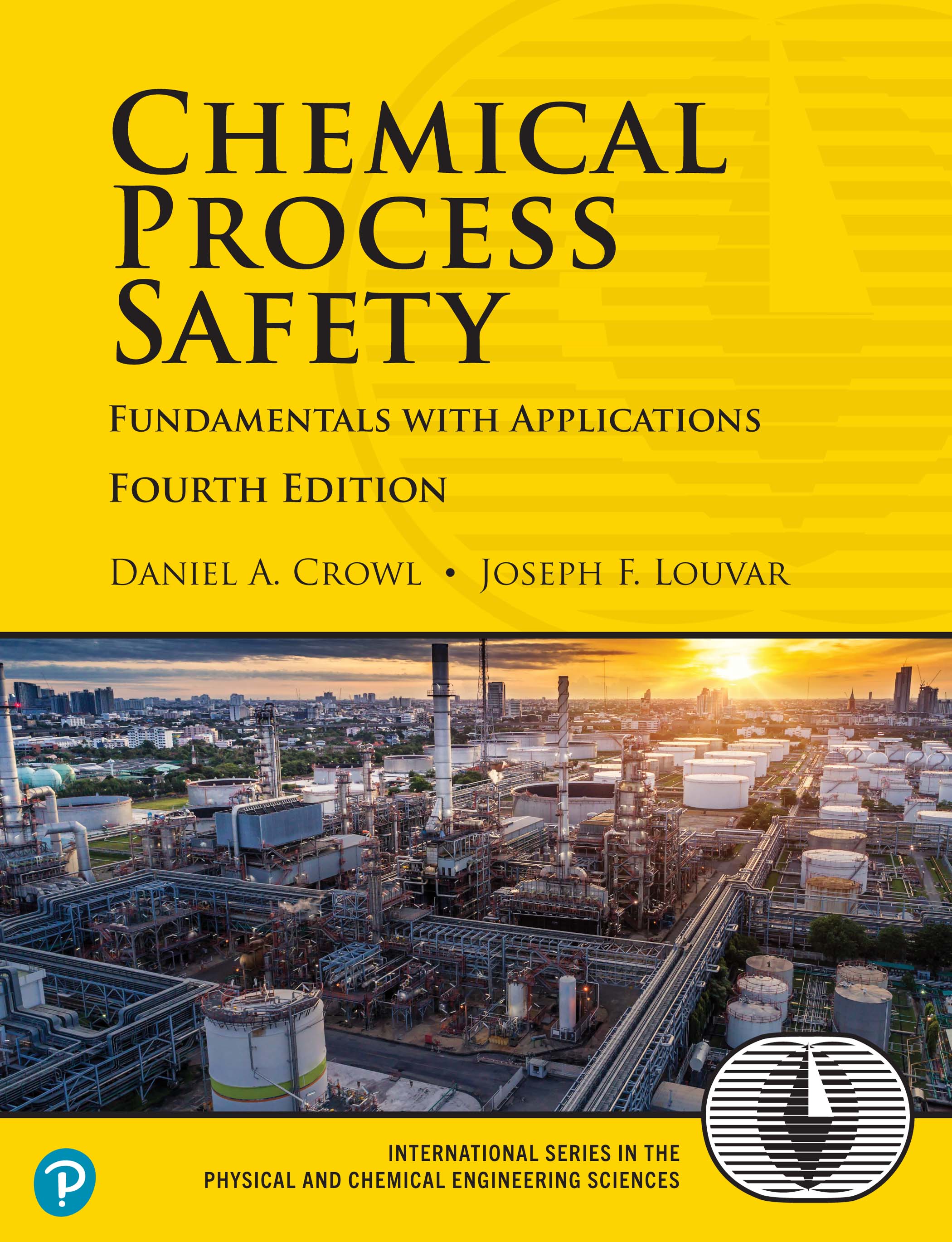
Chemical Process Safety The #1 Process Safety Guide, Now Extensively Updated for Current Industrial Processes, Systems, and Practices Process safety has seen a dramatic consolidation of concepts in the past few years. Chemical Process Safety, Fourth Edition, provides students and working engineers with the understanding necessary to apply these new concepts to safely design and operate any process. Long the definitive guide in the field, this edition fully reflects major recent advances in process safety technology and practice. Readers will find extensive new and updated coverage of relief sizing, hazards identification, risk assessment, and many other topics. Several chapters have been completely rewritten, and all are substantially modified. This textbook includes 50 new problems and solutions (mostly in SI units), and 25 new case histories. Safety culture Preventive and mitigative safeguards The CCPS 20 elements of Risk Based Process Safety (RBPS) Toxicology, industrial hygiene, and source models Hazardous material dispersion Fires, explosions, and concepts for preventing them Chemical reactivity Reliefs and relief sizing Hazards identification and evaluation Risk analysis and assessment, including Layer of Protection Analysis (LOPA) Safety strategies, procedures, designs, case histories, and lessons learned Crowl and Louvar link key academic concepts to modern industrial practice, making this guide invaluable for all engineering students and for all working engineers. Register your product for convenient access to downloads, updates, and/or corrections as they become available. See inside book for details. TECHNOLOGY & ENGINEERING,Chemical & Biochemical
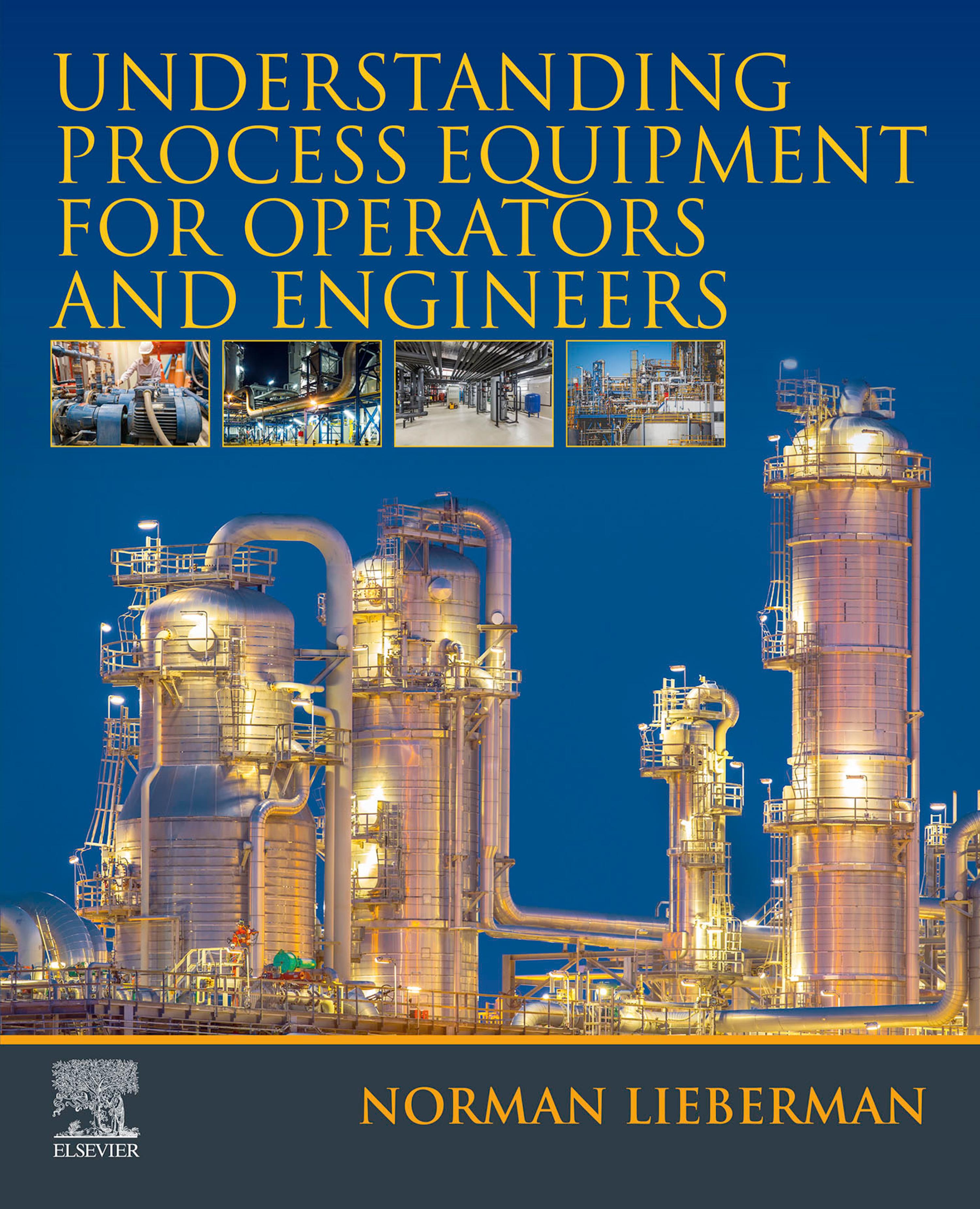
Understanding Process Equipment for Operators and Engineers Understanding Process Equipment for Operators and Engineers explains how process equipment functions. As problems often arise in plants that must be solved by unit engineers, this book offers successful solutions and methods for their implementation. The concepts explained are based on Norm Lieberman’s personal, hands-on experience. Like you, Norm attended a university and was exposed to technical seminars which did not always provide the needed solutions. In this text, you will learn the functioning of a variety of equipment types, including Fired Heater Draft, Centrifugal Pump Head, Distillation Tray Efficiency, Vacuum Jets, Recip Compressors, Steam Turbines, Thermosyphon Circulation Reboilers and Air Cooler. Includes methods and procedures on how to make field measurements Outlines fire heater principles and operation and how they develop draft Describes distillation column operation and methods to increase their efficiency Includes computer modeling and provides use case examples TECHNOLOGY & ENGINEERING,Chemical & Biochemical
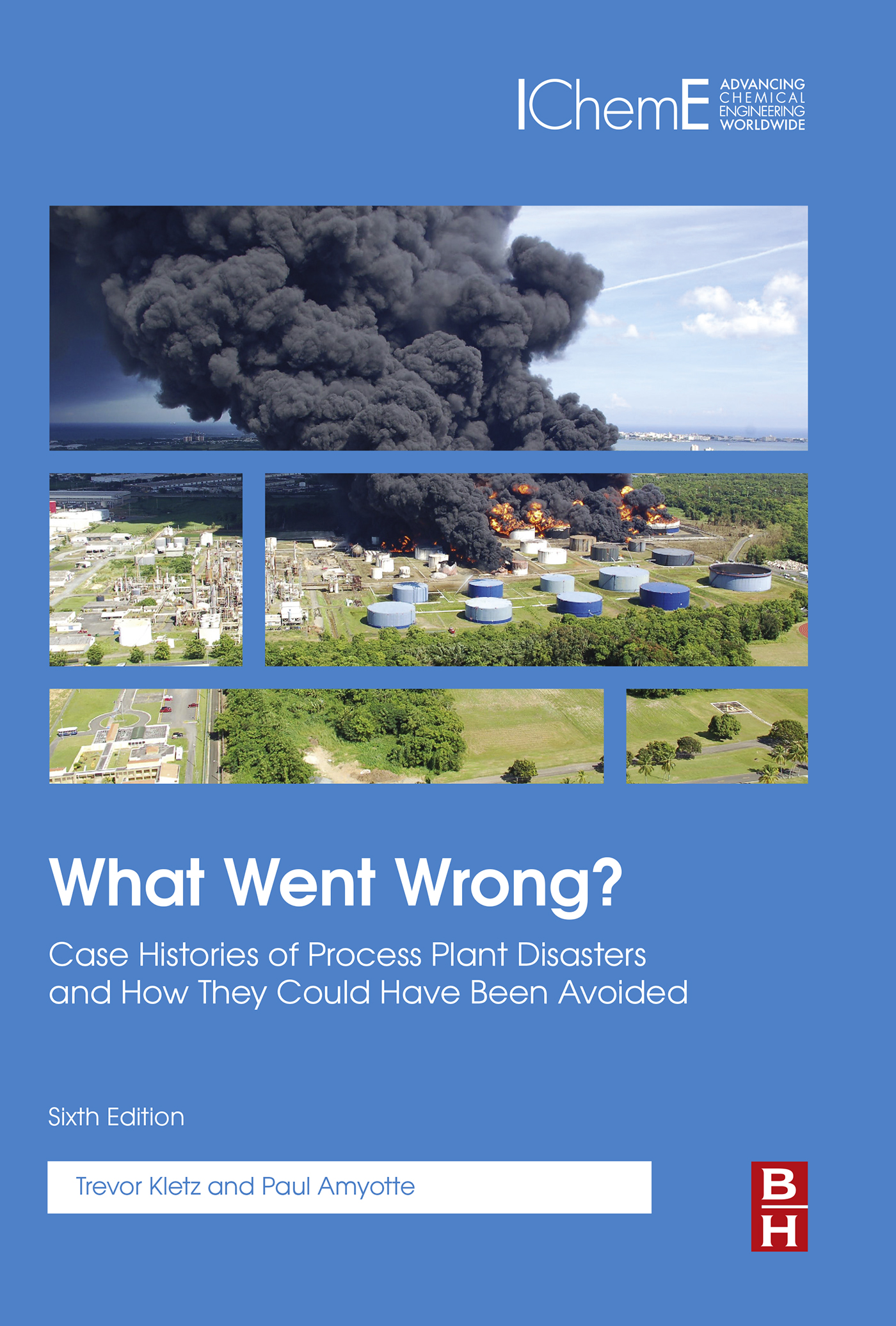
What Went Wrong? What Went Wrong? 6th Edition provides a complete analysis of the design, operational, and management causes of process plant accidents and disasters. Co-author Paul Amyotte has built on Trevor Kletz’s legacy by incorporating questions and personal exercises at the end of each major book section. Case histories illustrate what went wrong and why it went wrong, and then guide readers in how to avoid similar tragedies and learn without having to experience the loss incurred by others. Updated throughout and expanded, this sixth edition is the ultimate resource of experienced-based analysis and guidance for safety and loss prevention professionals. 20% new material and updating of existing content with parts A and B now combined Exposition of topical concepts including Natech events, process security, warning signs, and domino effects New case histories and lessons learned drawn from other industries and applications such as laboratories, pilot plants, bioprocess plants, and electronics manufacturing facilities TECHNOLOGY & ENGINEERING,Chemical & Biochemical

Emerging Technologies in Environmental Bioremediation Emerging Technologies in Environmental Bioremediation introduces emerging bioremediation technologies for the treatment and management of industrial wastes and other environmental pollutants for the sake of environmental sustainability. Emerging bioremediation approaches such as nano-bioremediation technology, electro-bioremediation technology, microbial fuel cell technology, Modified Ludzack-Ettinger Process, Modified Activated Sludge Process, and phytotechnologies for the remediation of industrial wastes/pollutants are discussed in a comprehensive manner not found in other books. Furthermore, the book includes updated information as well as future directions for research in the field of bioremediation of industrial wastes. This book will be extremely useful to students, researchers, scientists and professionals in the field of microbiology and biotechnology, Bio (chemical) engineers, environmental researchers, eco-toxicology, and many more. Includes the recovery of resources from wastewater Describes the importance of microorganisms in environmental bioremediation technologies Points out the reuse of treated wastewater through emerging technologies Pays attention to the occurrence of novel micro-pollutants Emphasizes the role of nanotechnology in pollutant bioremediation TECHNOLOGY & ENGINEERING,Chemical & Biochemical
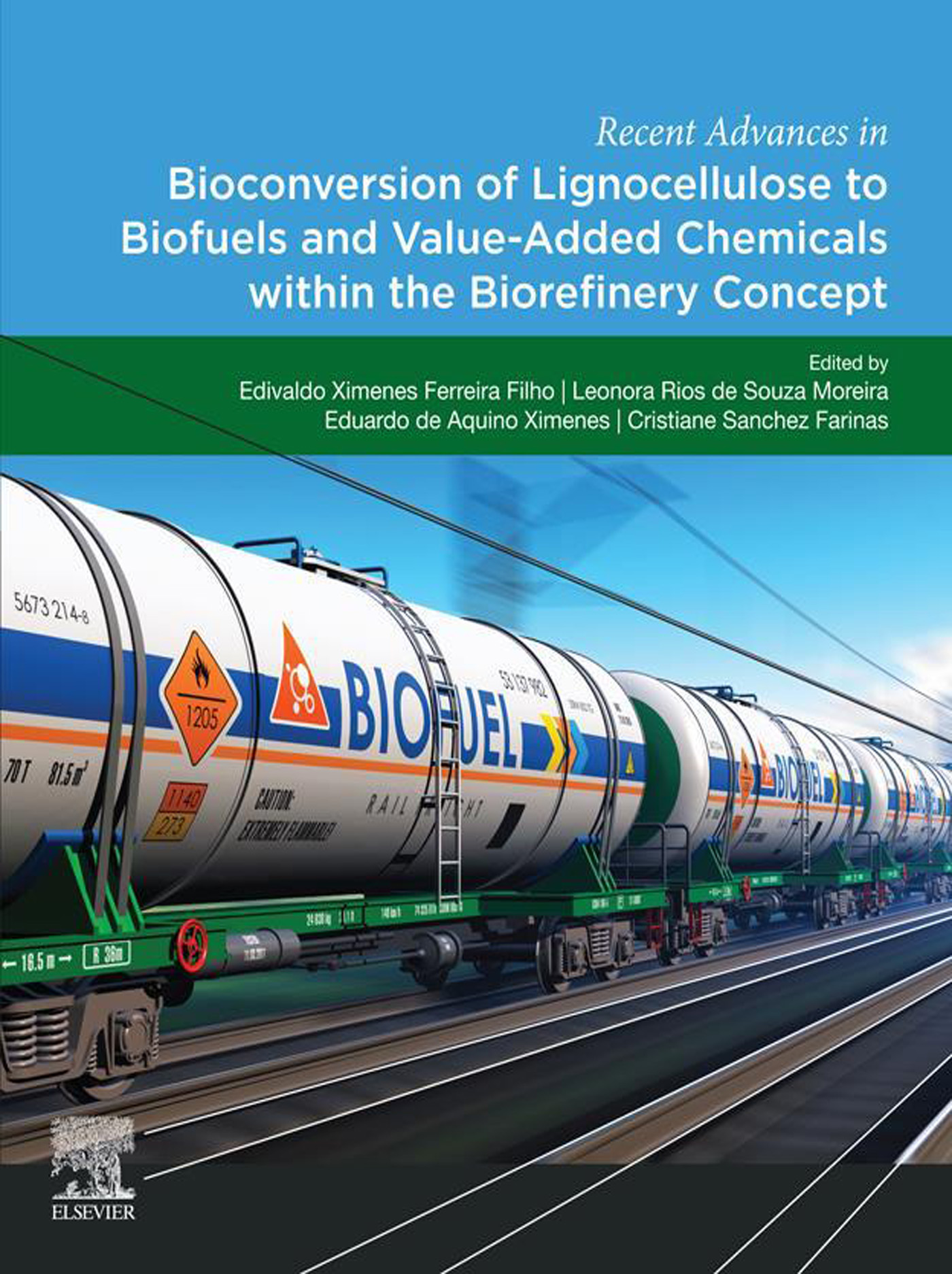
Recent Advances in Bioconversion of Lignocellulose to Biofuels and Value Added Chemicals within the Biorefinery Concept Recent Advances in Bioconversion of Lignocellulose to Biofuels and Value Added Chemicals within the Biorefinery Concept covers the latest developments on biorefineries, along with their potential use for the transformation of residues into a broad range of more valuable products. Within this context, the book discusses the enzymatic conversion process of lignocellulosic biomass to generate fuels and other products in a unified approach. It focuses on new approaches to increase enzymatic production by microorganisms, the action of microbial inhibitors, and strategies for their removal. Furthermore, it outlines the benefits of this integrated approach for generating value-added products and the benefits to social and economic aspects, circular bio economy, HUBs and perspectives. Covers the mechanisms of enzymatic conversion of biomass into value-added products Discusses bioproducts derived from lignocellulose and their applications Includes discussions on design, development and the technologies needed for the sustainable manufacture of materials and chemicals Offers a techno-economic evaluation of biorefineries for integrated sustainability assessments Discusses the socioeconomic and cultural-economic perspectives of the lignocellulosic biorefinery Presents a virtual biorefinery as an integrated approach to evaluate the lignocellulose production chain TECHNOLOGY & ENGINEERING,Chemical & Biochemical

Industrial Enzymes for Biofuels Production Industrial Enzymes for Biofuels Production: Recent Updates and Future Trends focuses on resolving existing bottlenecks in enzymes mediated biomass to biofuels production processes through updating recent scientific knowledge and technology developments. The book provides low cost sustainable approaches to lower the cost of enzymes production following different approaches. It is specifically focused on industrial aspects of enzymes used in biofuels production processes by presenting in-depth study of existing issues related to practical viability and long-term sustainability. The book covers detailed discussions on market scenario of industrial enzymes used in biofuels production processes and compares them on both lab and industrial scale. Users will find this to be a great resource that also helps them develop low cost green technologies for enzyme development in biofuels production. Includes recent updates in research and the technologies of industrial enzymes used in biofuels production process Describes various developed low-cost technologies for enzyme production Explores different, sustainable approaches currently being used TECHNOLOGY & ENGINEERING,Chemical & Biochemical
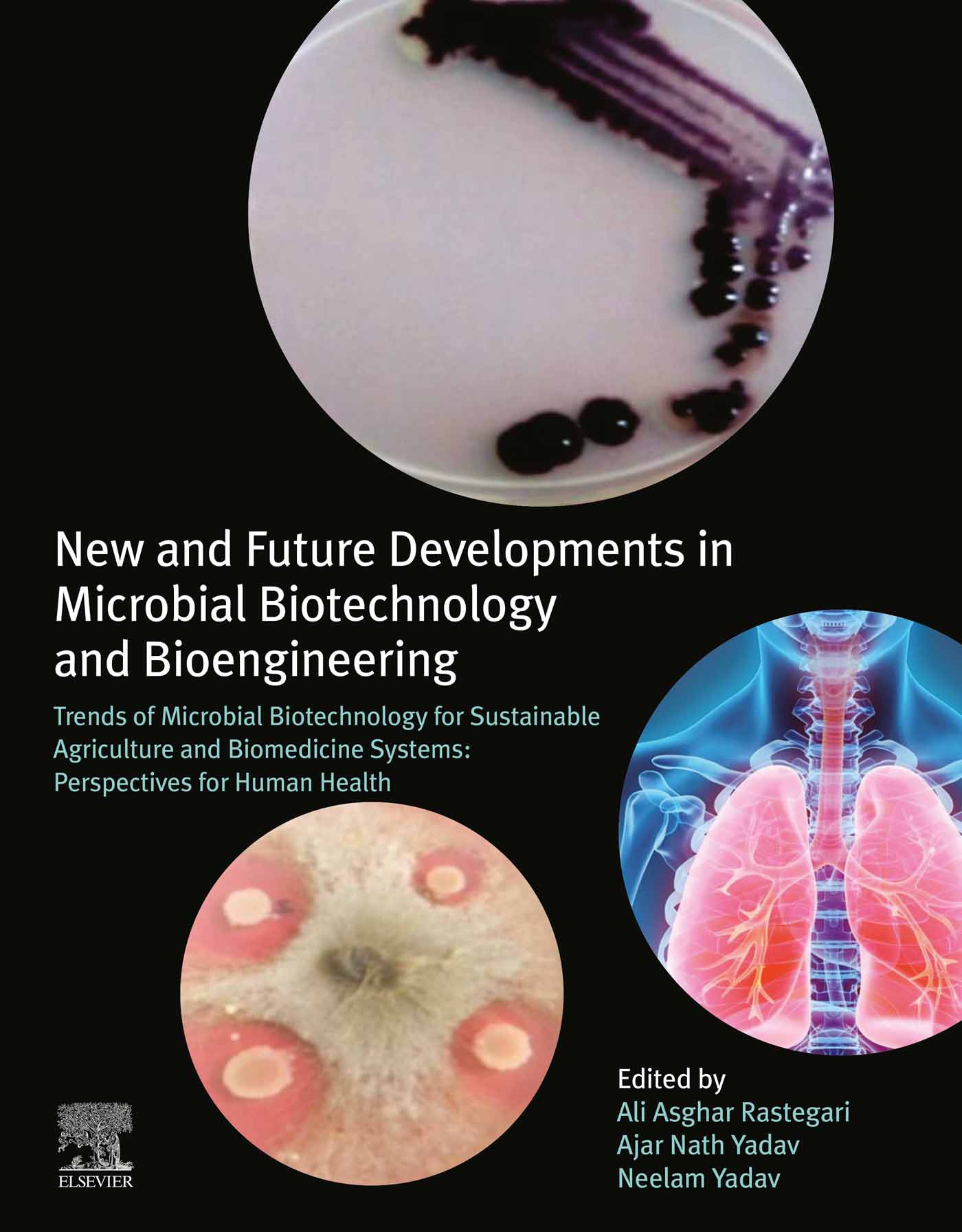
New and Future Developments in Microbial Biotechnology and Bioengineering New and Future Developments in Microbial Biotechnology and Bioengineering: Trends of Microbial Biotechnology for Sustainable Agriculture and Biomedicine Systems: Perspectives for Human Health discusses how microbial biotechnology helps us understand new strategies to reduce pathogens and drug resistance through microbial biotechnology. The most commonly used probiotic bacteria are Lactobacillus and Bifidobacterium. Therefore, the probiotic strains exhibit powerful anti-inflammatory, antiallergic and other important properties. This new book provides an indispensable reference source for engineers/bioengineers, biochemists, biotechnologists, microbiologists, pharmacologists, and researchers who want to know about the unique properties of this microbe and explore its sustainable biomedicine future applications. Introduces the principles of microbial biotechnology and its application for sustainable biomedicine system Explores various microbes and their beneficial application for biofortification of crops for micronutrients Explains the potentials and significance of probiotics, prebiotics and synbiotics in health and disease Includes current applications of beneficial microbes as Functional Food Products of Pharmaceutical Importance TECHNOLOGY & ENGINEERING,Chemical & Biochemical
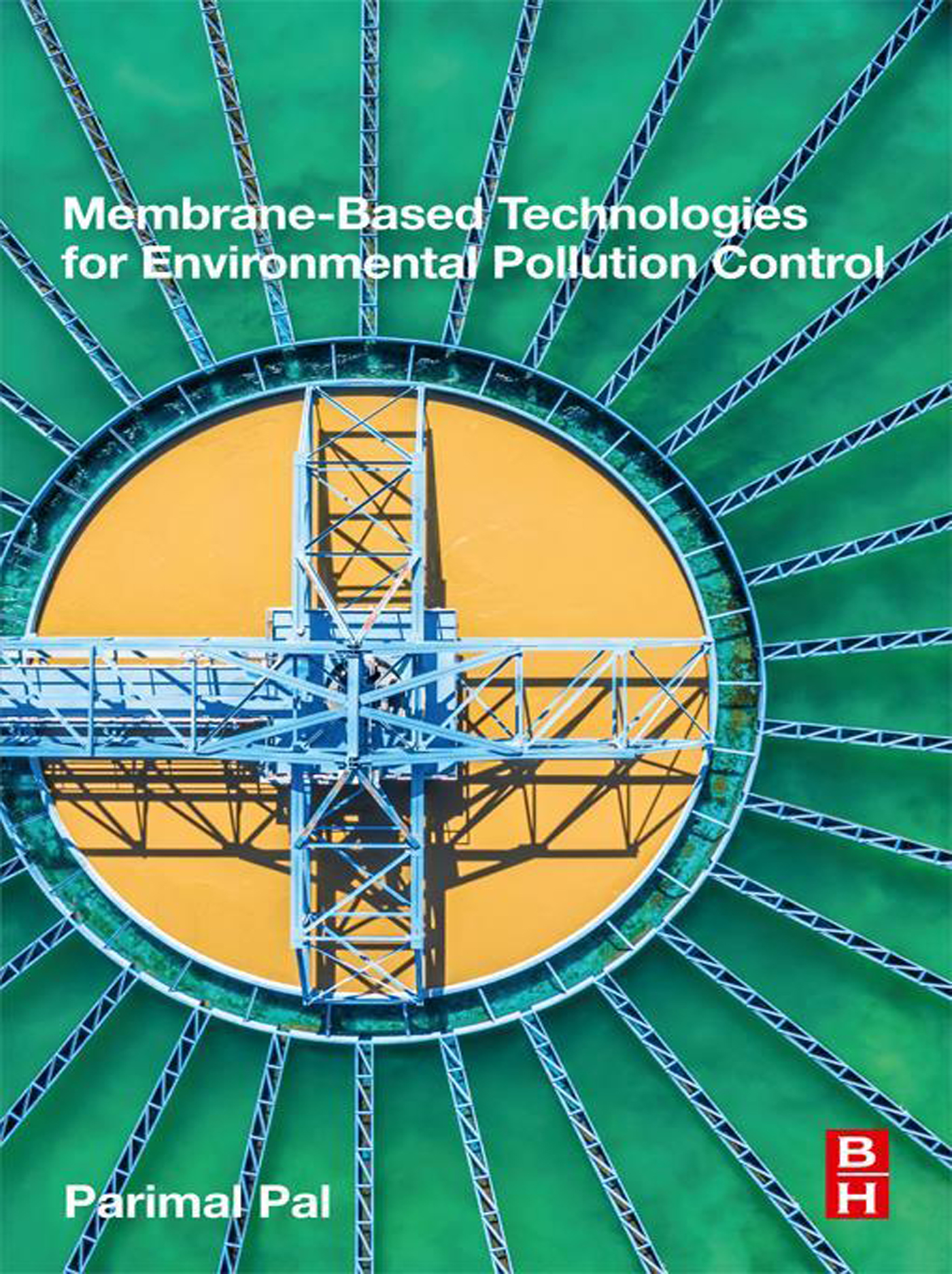
Membrane-Based Technologies for Environmental Pollution Control Membrane Based Technologiesfor Environmental Pollution Control explains the application of this green technology while offering a systematic approach for accurately utilizing mathematical modeling methods for optimizing system design and scale-up. The book provides in-depth coverage of membrane processes, materials and modules, along with their potential application in various pollution control systems. Each chapter provides a systematic approach for dynamic model development and solutions. With this reference, researchers and those responsible for the design of pollution control systems will find a source that can maximize their efforts to reduce or prevent pollutants from entering all types of environmental media. Provides a systematic approach for designing membrane technology based systems for pollution reduction or prevention in all types of environmental media Includes case studies to illustrate actual projects to explain the problems and solutions associated with system scale-up Introduces dynamic modeling and analysis for process intensification TECHNOLOGY & ENGINEERING,Chemical & Biochemical
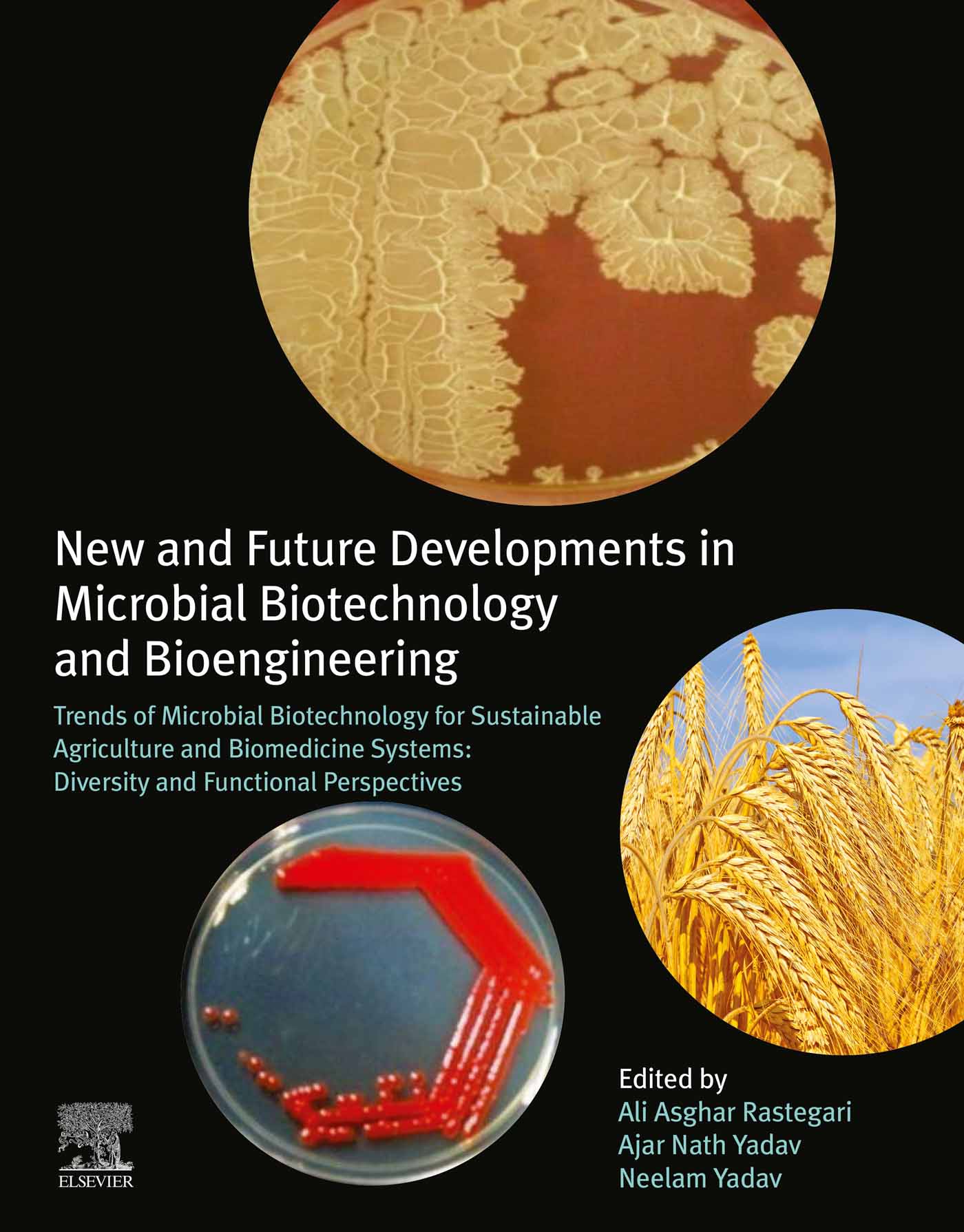
New and Future Developments in Microbial Biotechnology and Bioengineering New and Future Developments in Microbial Biotechnology and Bioengineering: Trends of Microbial Biotechnology for Sustainable Agriculture and Biomedicine Systems: Diversity and Functional Perspectives describes how specific techniques can be used to generalize the metabolism of bacteria that optimize biologic improvement strategies and bio-transport processes. Microbial biotechnology focuses on microbes of agricultural, environmental, industrial, and clinical significance. This volume discusses several methods based on molecular genetics, systems, and biology of synthetic, genomic, proteomic, and metagenomics. Recent developments in our understanding of the role of microbes in sustainable agriculture and biotechnology have created a highly potential research area. The soil and plant microbiomes have a significant role in plant growth promotion, crop yield, soil health and fertility for sustainable developments. The microbes provide nutrients and stimulate plant growth through different mechanisms, including solubilization of phosphorus, potassium, and zinc; biological nitrogen fixation; production of siderophore, ammonia, HCN and other secondary metabolites which are antagonistic against pathogenic microbes. This new book provides an indispensable reference source for engineers/bioengineers, biochemists, biotechnologists, microbiologists, agrochemists, and researchers who want to know about the unique properties of this microbe and explore its sustainable agriculture future applications. Introduces the principles of microbial biotechnology and its application in plant growth and soil health for sustainable agriculture Explores various plant microbiomes and their beneficial impact on plant growth for crop improvement Explains the mechanisms of plant-microbe interaction and plant growth promotion Includes current applications of microbial consortium for enhance production of crop in eco-friendly manners TECHNOLOGY & ENGINEERING,Chemical & Biochemical
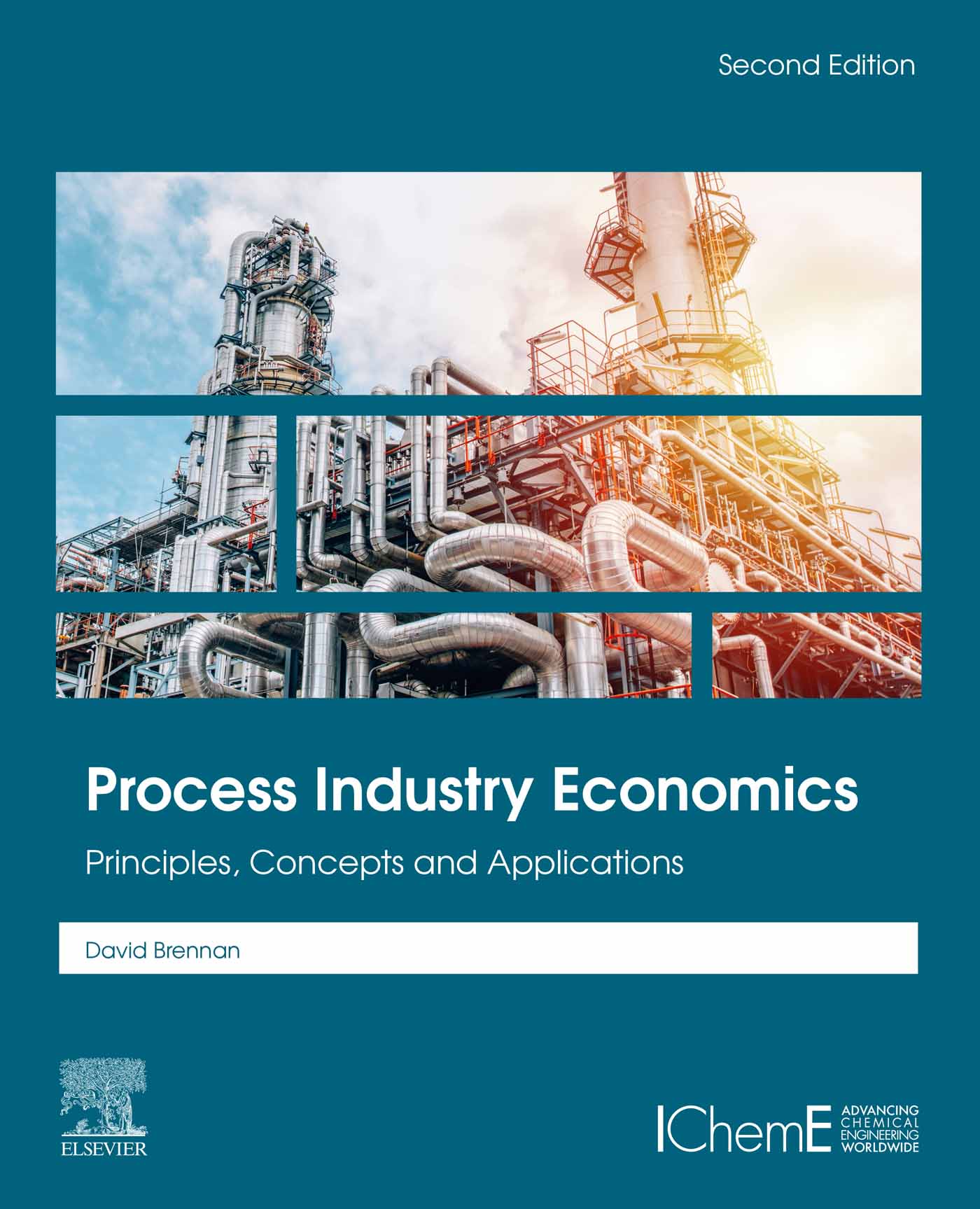
Process Industry Economics Process Industry Economics: Principles, Concepts and Applications, Second Edition, explores the fundamentals of market evaluation, capital and operating cost estimation, and profitability evaluation, along with their implications for process technology evaluation, project development and investment decisions. Sections cover time dependent technology evolution in process plants, including scale development, performance improvement in new and operating plants, and learning related to environmental, safety and sustainability assessments. Influences on capital investment decisions, including capacity planning and environmental considerations are explored and supported by case studies. Finally, the aspects of overall industry performance and drivers are discussed. Outlines the basic principles of economic evaluation Identifies the roles of engineering, scientific, commercial and management personnel in contributing to economic evaluation Explores the interaction of economics with safety, environmental and sustainability criteria in project evaluation TECHNOLOGY & ENGINEERING,Chemical & Biochemical
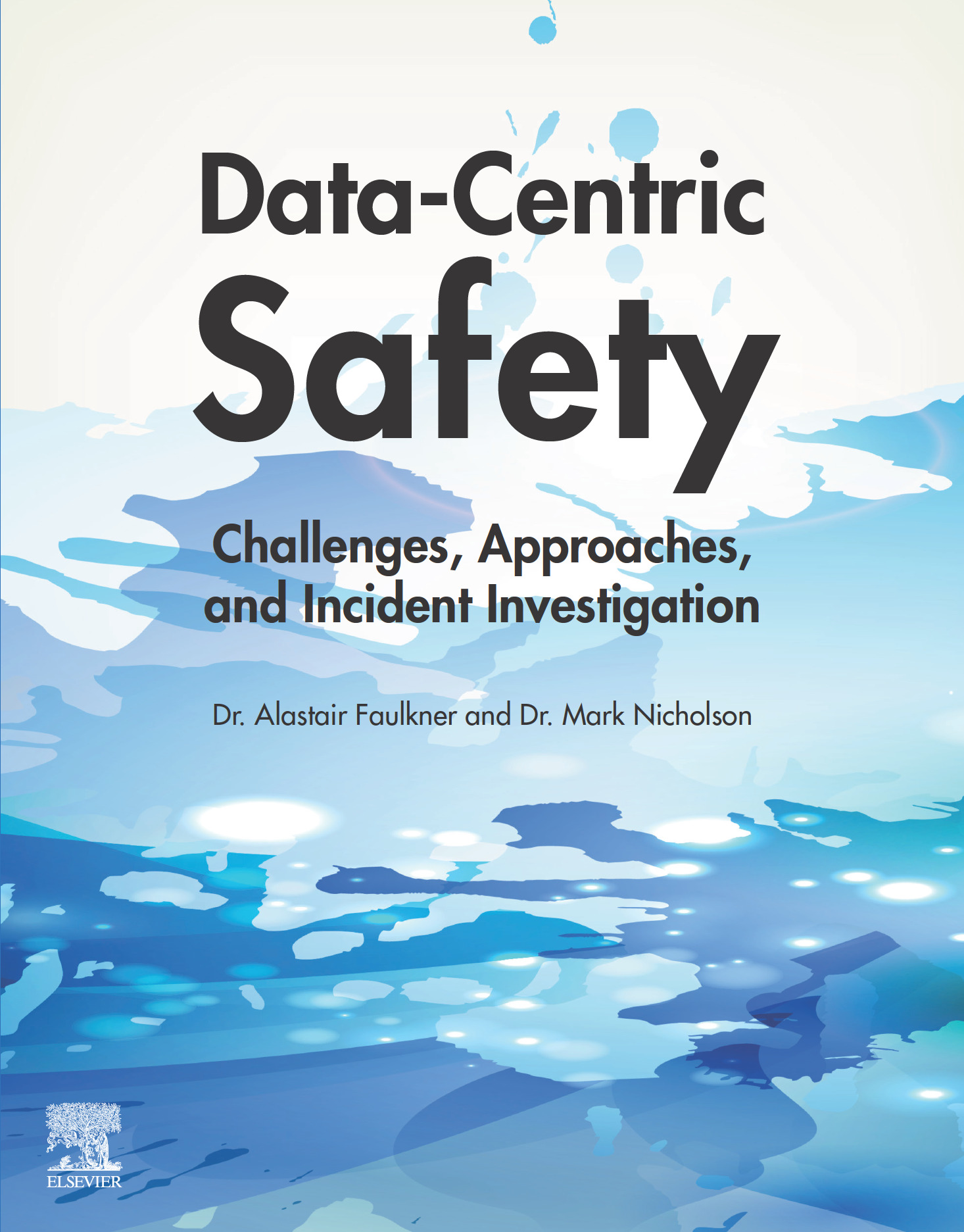
Data-Centric Safety Data-Centric Safety presents core concepts and principles of system safety management, and then guides the reader through the application of these techniques and measures to Data-Centric Systems (DCS). The authors have compiled their decades of experience in industry and academia to provide guidance on the management of safety risk. Data Safety has become increasingly important as many solutions depend on data for their correct and safe operation and assurance. The book’s content covers the definition and use of data. It recognises that data is frequently used as the basis of operational decisions and that DCS are often used to reduce user oversight. This data is often invisible, hidden. DCS analysis is based on a Data Safety Model (DSM). The DSM provides the basis for a toolkit leading to improvement recommendations. It also discusses operation and oversight of DCS and the organisations that use them. The content covers incident management, providing an outline for incident response. Incident investigation is explored to address evidence collection and management. Current standards do not adequately address how to manage data (and the errors it may contain) and this leads to incidents, possibly loss of life. The DSM toolset is based on Interface Agreements to create soft boundaries to help engineers facilitate proportionate analysis, rationalisation and management of data safety. Data-Centric Safety is ideal for engineers who are working in the field of data safety management. This book will help developers and safety engineers to: Determine what data can be used in safety systems, and what it can be used for Verify that the data being used is appropriate and has the right characteristics, illustrated through a set of application areas Engineer their systems to ensure they are robust to data errors and failures TECHNOLOGY & ENGINEERING,Chemical & Biochemical

Advanced Functional Solid Catalysts for Biomass Valorization Advanced Functional Solid Catalysts for Biomass Valorization presents the basic concepts in catalysis (homogeneous, heterogeneous, and enzymatic) and the properties of various kinds of heterogeneous solid catalysts, including their structure, porosity, particle size, BET surface area, acid-base, and redox properties. Useful information about biorefineries, types of biomass feedstocks, their structures and properties as well as about several potential catalytic routes for biomass upgrading to useful fuels and chemicals is provided in this book. Importantly, this book covers the most recent developments toward functionalization of various solid catalysts, optimization of catalysts’ properties, developing cascade catalytic strategies, exploring reaction kinetics/mechanisms, and evaluating catalysts’ stability/reusability during biomass upgrading. Current challenges and opportunities for the future biorefineries as well as for the design of advanced functional solid catalysts are critically discussed. Describes catalysis as a promising technology for the development of eco-friendly and economically viable strategies for several important energy and environmental applications. Covers heterogeneous solid catalysts because of their versatile benefits in terms of catalysts’ synthesis, production cost, stability, and reusability as compared to homogeneous liquid catalysts. Provides promising strategies for the design of new catalytic materials, such as carbon materials, metal–organic frameworks, zeolites, and mesoporous silicas. Describes functional solid catalysts for developing one-pot cascade processes for efficient biomass valorization and other vital chemical transformations. TECHNOLOGY & ENGINEERING,Chemical & Biochemical
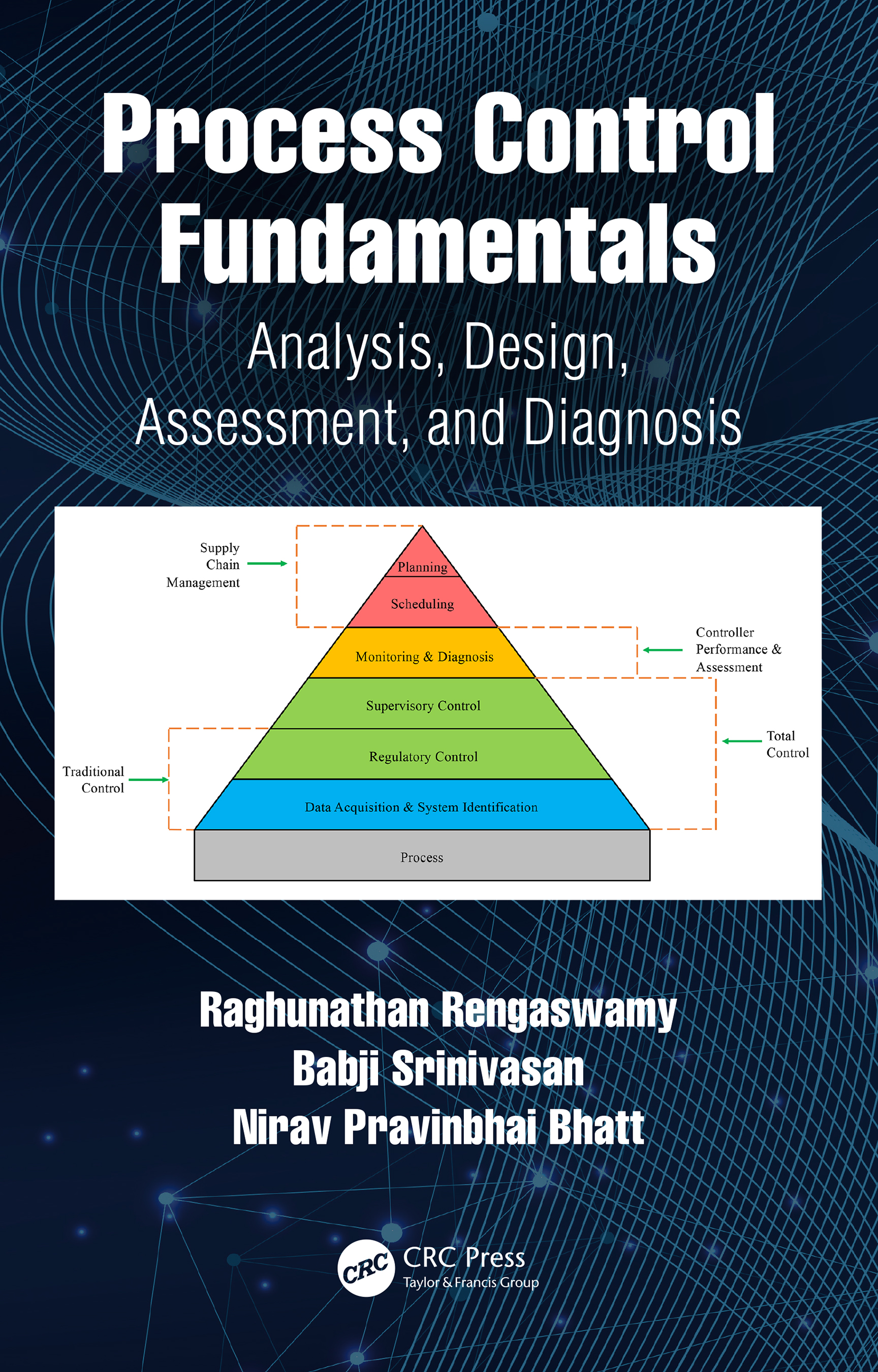
Process Control Fundamentals The field of process control has evolved gradually over the years, with emphasis on key aspects including designing and tuning of controllers. This textbook covers fundamental concepts of basic and multivariable process control, and important monitoring and diagnosis techniques. It discusses topics including state-space models, Laplace transform to convert state-space models to transfer function models, linearity and linearization, inversion formulae, conversion of output to time domain, stability analysis through partial fraction expansion, and stability analysis using Routh table and Nyquits plots. The text also covers basics of relative gain array, multivariable controller design and model predictive control. The text comprehensively covers minimum variable controller (MVC) and minimum variance benchmark with the help of solved examples for better understanding. Fundamentals of diagnosis of control loop problems are also explained and explanations are bolstered through solved examples. Pedagogical features including solved problems and unsolved exercises are interspersed throughout the text for better understanding. The textbook is primarily written for senior undergraduate and graduate students in the field of chemical engineering and biochemical engineering for a course on process control. The textbook will be accompanied by teaching resource such a collection of slides for the course material and a includsolution manual for the instructors. TECHNOLOGY & ENGINEERING,Chemical & Biochemical

Nanomaterials in Diagnostic Tools and Devices Nanomaterials in Diagnostic Tools and Device s provides a complete overview of the significance of nanomaterials in fabricating selective and performance enhanced nanodevices. It is an interdisciplinary reference that includes contributing subjects from nanomaterials, biosensors, materials science, biomedical instrumentation and medicinal chemistry. This book is authored by experts in the field of nanomaterial synthesis, modeling, and biosensor applications, and provides insight to readers working in various science fields on the latest advancements in smart and miniaturized nanodevices. These devices enable convenient real-time diagnosis of diseases at clinics rather than laboratories, and include implantable devices that cause less irritation and have improved functionality. Research in the field of nanomaterials is growing rapidly, creating a significant impact across different science disciplines and nanotechnology industries. This synthesis and modeling of nanomaterials has led to many technology breakthroughs and applications, especially in medical science. Provides a distinctive platform for the latest trends in the synthesis of smart nanomaterials for nanodevices in disease diagnostics Presents a broad range of advancements and applications of lateral-flow nanostrip for point-of-care applications Examines smart-phone based nanodevices for field-based diagnosis with accurate information Comprises more than 70 figures and illustrations that will help readers visualize and easily understand the role of nanodevices in the field of nanomedicine Serves as an ideal reference for those studying smart nanomaterials, biosensors, and nanodevices for real-time and in-situ clinical diagnosis and drug delivery TECHNOLOGY & ENGINEERING,Chemical & Biochemical
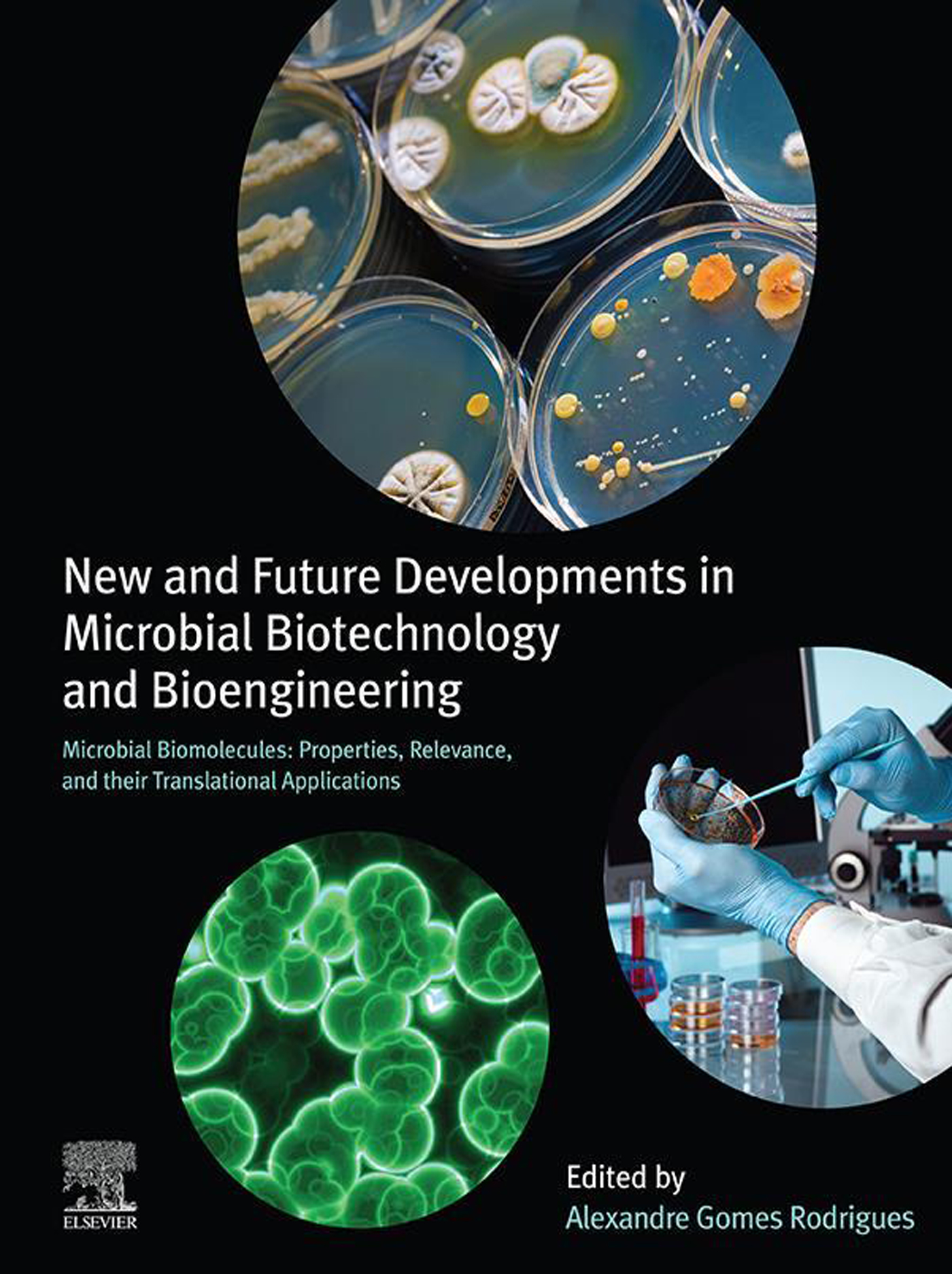
New and Future Developments in Microbial Biotechnology and Bioengineering New and Future Developments in Microbial Biotechnology and Bioengineering: Microbial Biomolecules: Properties, Relevance and Their Translational Applications presents a concise review on microbial biotechnology, along with impacts and recent results from research centers, small companies and large enterprises. The book brings the most relevant information on how we can use resources—in this case from microorganisms—and technology to develop solutions in fields like biofuels, food, cosmetics and medicine. It covers case studies of start-ups in the field and explains how scientists have moved their ideas into profitable bio-based products that are necessary for our current living standards. In addition, the book describes strategic governmental programs designed to exploit biomass in a sustainable way, along with detailed information on research in several high-impact, worldwide laboratories. It gives concrete examples of ongoing research from molecules to methods, such as L-asparaginase, extremophiles, new diagnostics tools and the analytical methods that have raised the quality of the data obtained, thereby boosting the so-called bioeconomy. Comprises a unique source of information on the various applications of microbial biomolecules Provides resourceful material for new ideas and strong rational/application-oriented stories Discusses biotech companies in various areas (biofuel, food, medicine, etc.) who are actively using microbial biomolecules Outlines scientific discoveries and their translation into profitable products Gives an insight perspective of institutional and governmental strategic research programs aiming to preserve, explore and generate benefits from microbial biomolecules TECHNOLOGY & ENGINEERING,Chemical & Biochemical
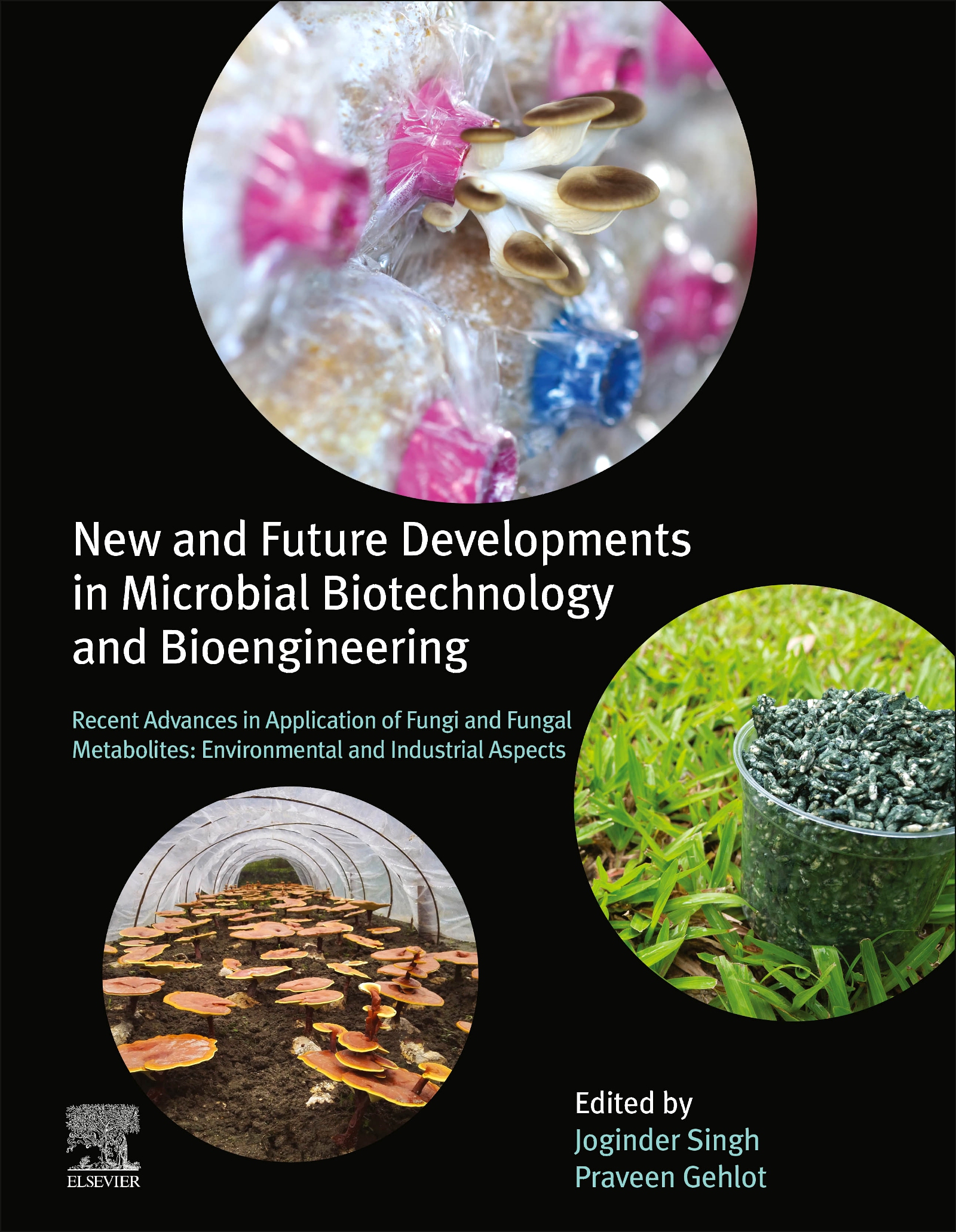
New and Future Developments in Microbial Biotechnology and Bioengineering New and Future Developments in Microbial Biotechnology and Bioengineering: Recent Advances in Application of Fungi and Fungal Metabolites: Environmental and Industrial Aspects provides a comprehensive overview of recent development and applied aspects of fungi and its metabolites in environmental and industrial settings. Fungi and fungal metabolites have great prospects for developing new products in a wide range of sectors. Many fungal metabolites are environmentally friendly, clean, nonâ€toxic agents used for environmental management practices. This book offers a systems approach and provides a means to share the latest developments and advances about the exploitation of fungal products, including their vide uses in the field of environment and industry. Introduces the aspects and advances of fungi and fungal metabolites in environmental and industry perspectives Discusses the potential of fungi and its metabolites in environmental management Includes a description of traditional uses and the modern practices of harnessing the potential of fungi and its metabolites in solving environment issues Provides details about usage of fungi and its metabolites for environmental management and industrial purposes TECHNOLOGY & ENGINEERING,Chemical & Biochemical
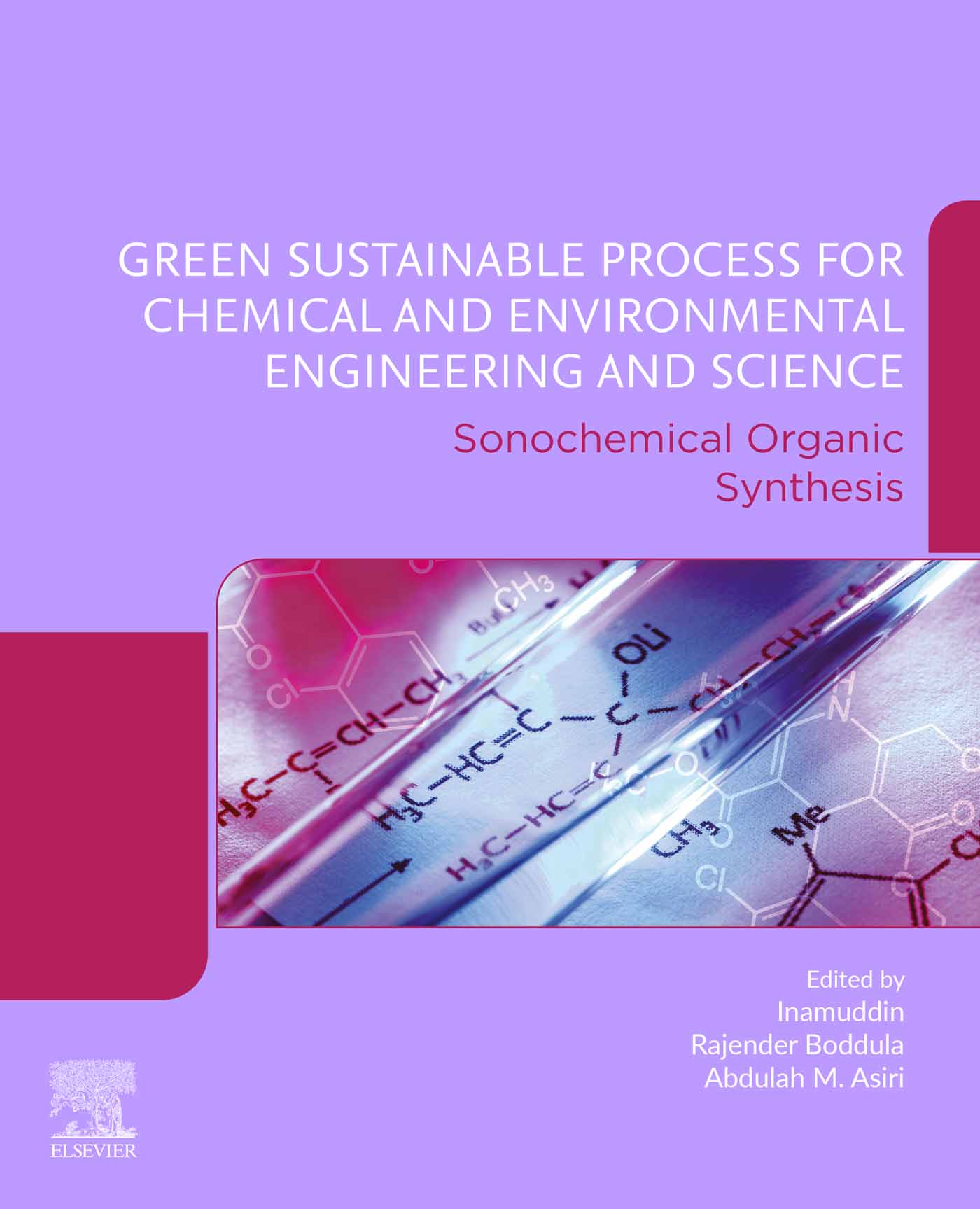
Green Sustainable Process for Chemical and Environmental Engineering and Science Green Sustainable Process for Chemical and Environmental Engineering and Science: Sonochemical Organic Synthesis focuses on purification and extraction of organic, biological, and medicinal compounds using sonochemistry. It provides readers with an understanding of green ultrasound-assisted chemical synthesis for industrial applications. This book systematically explores the application of ultrasound in organic synthesis of all types and includes stereoselectivity, regioselectivity, oxidations, reductions, protection, deprotection, additions, condensation, coupling, C-X bond formation, named reactions, heterocyclics, biological drugs, and fluoroorganics over conventional techniques. A brief introduction to the parameters which influence the process, solvent-effects, supported reagents and catalysis and the pros and cons to the practical use of sonochemical protocols in organic synthesis are also discussed. This book provides overview on the applications of sonochemical technology for the sustainable and environmentally friendly development of synthetic methodologies for organic and pharmaceutical chemistry. Sonochemical Organic Synthesis is an essential resource on green chemistry technologies for academic researchers, R&D professionals, and students working in modern organic chemistry and medicinal chemistry. Offers a broad overview of ultrasonics-assisted green organic synthesis Discusses sonochemical technology for green organic synthesis and biological medicinal importance Gives detailed accounts of numerous industrial applications, including polymers, pharmaceutical, fluoroorganics, biofuel, carbon, and more Includes a description of significant factors and challenges in ultrasonics-assisted green organic synthesis Lists recent developments in the use of sonochemical technology in organic chemist TECHNOLOGY & ENGINEERING,Chemical & Biochemical
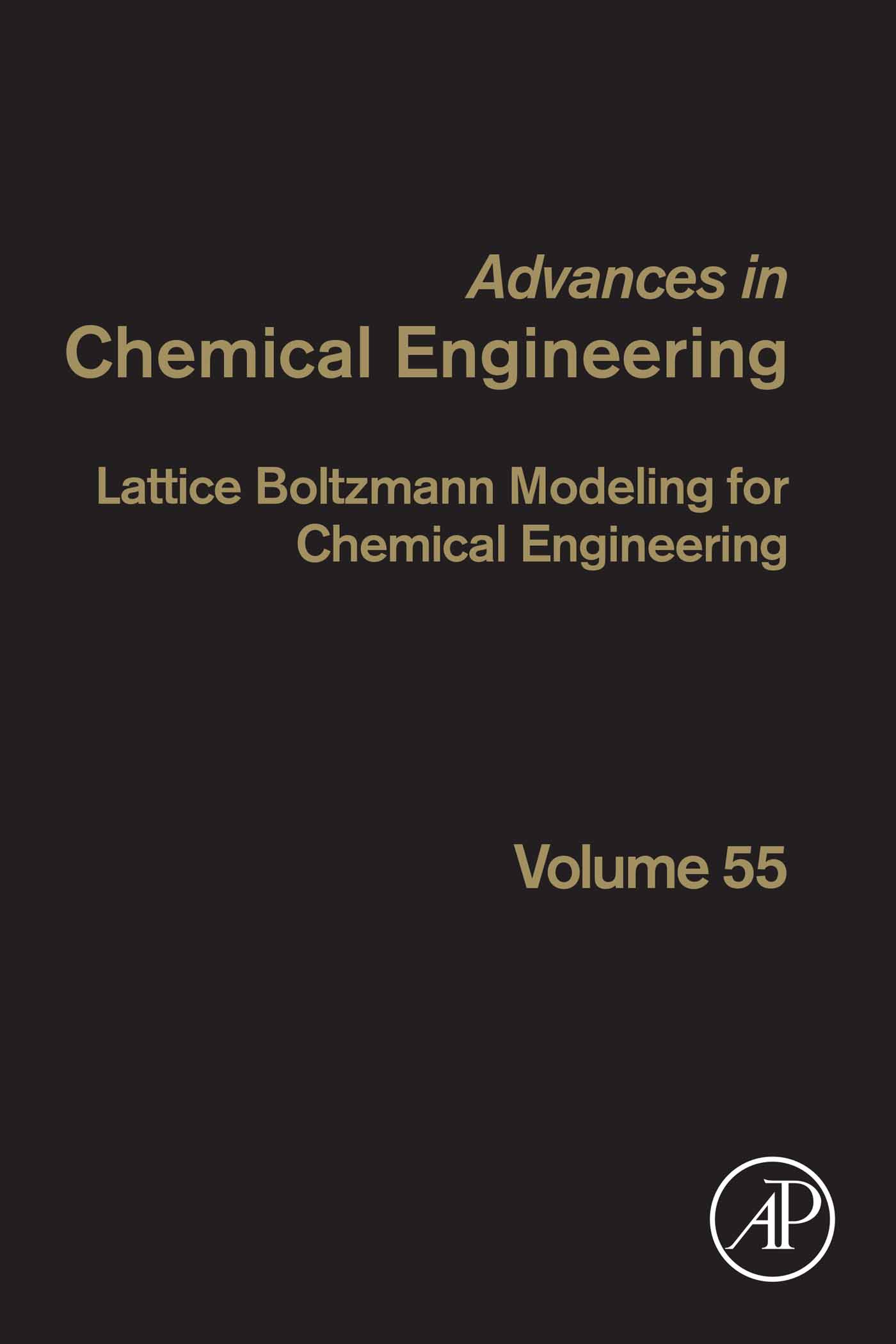
Lattice Boltzmann Modeling for Chemical Engineering Lattice Boltzmann Modeling for Chemical Engineering, Volume 56 in the Advances in Chemical Engineering series, highlights new advances in the field, with this new volume presenting interesting chapters on Simulations of homogeneous and heterogeneous chemical reactions, LBM for 3D Chemical Reactors, LBM Simulations of PEM fuel cells, LBM for separation processes, LBM for two-phase flow (bio)reactors, and more. Provides the authority and expertise of leading contributors from an international board of authors Presents the latest release in the Advances in Chemical Engineering series Includes the latest information on Lattice Boltzmann Modeling for Chemical Engineering TECHNOLOGY & ENGINEERING,Chemical & Biochemical

Surfactant Science and Technology A solid introduction to the field of surfactant science, this new edition provides updated information about surfactant uses, structures, and preparation, as well as seven new chapters expanding on technology applications. Offers a comprehensive introduction and reference of the science and technology of surface active materials Elaborates, more fully than prior editions, aspects of surfactant crystal structure as well as their effects on applications Adds more information on new classes and applications of natural surfactants in light of environmental consequences of surfactant use TECHNOLOGY & ENGINEERING,Chemical & Biochemical
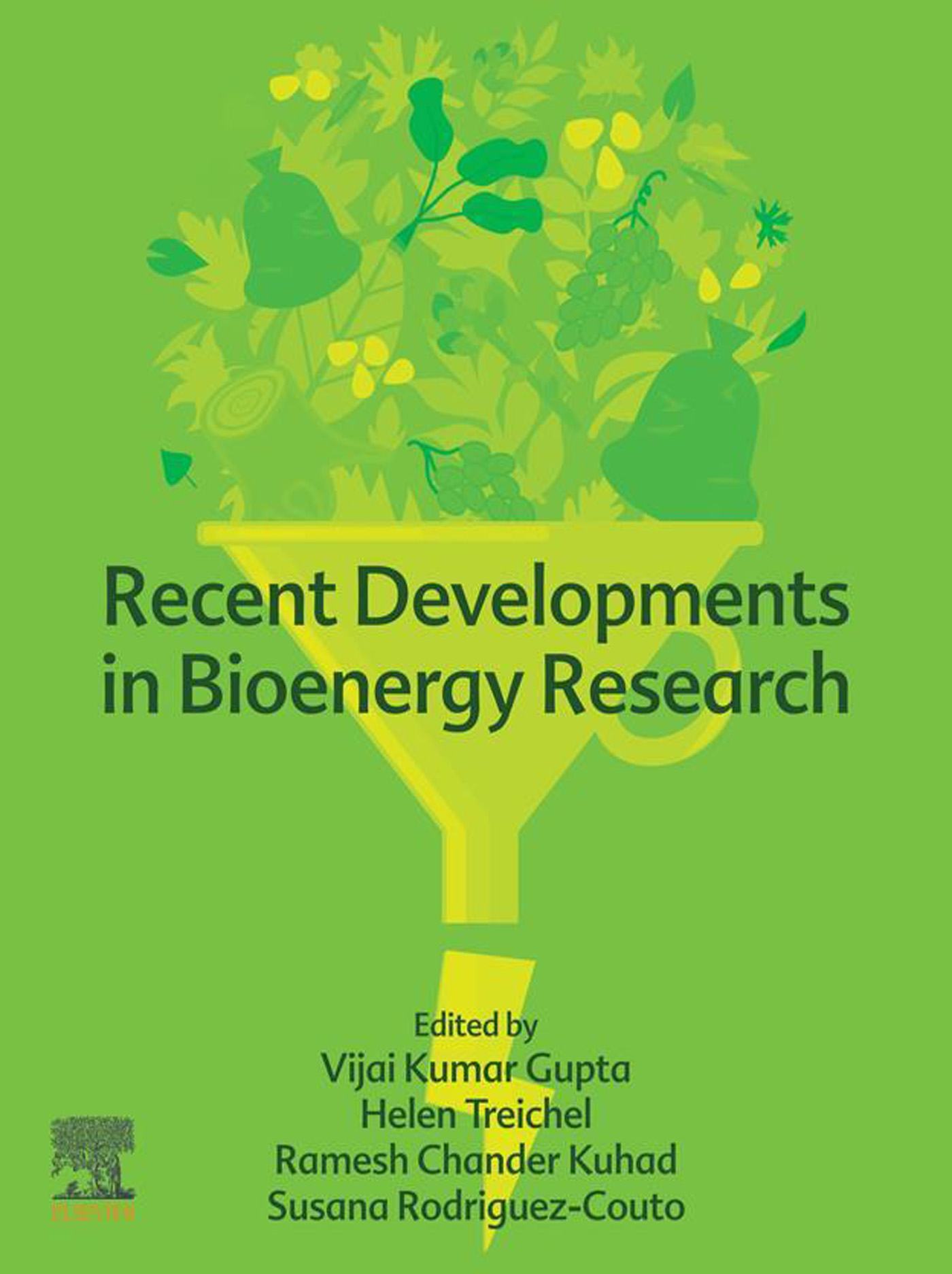
Recent Developments in Bioenergy Research Recent Developments in Bioenergy Research reviews all these topics, reports recent research findings, and presents potential solutions to challenging issues. The book consolidates the most recent research on the (bio)technologies, concepts and commercial developments that are currently in progress on different types of widely-used biofuels and integrated biorefineries across biochemistry, biotechnology, biochemical engineering and microbiology. Chapters include very recent/emerging topics, such as non-ionic and ionic liquids/surfactants for enhancement of lignocellulose enzymatic hydrolysis and lignocellulose biomass as a rich source of bio-ionic liquids. The book is a useful source of information for those working in the area of- industrial wastewater treatment and microbial fuel cells, but is also a great resource for senior undergraduate and graduate students, researchers, professionals, biochemical engineers and other interested individuals/groups working in the field of biofuel/bioenergy. Provides unique information on biomass-based biofuels for fundamental and applied research Outlines research advancements in the areas of bio-hydrogen, bioethanol, bio-methane and biorefineries Includes emerging topics on biomass (including wastes) characterization and its uses as a resource for environmental bioremediation and bioenergy Reviews enzyme engineering for biomass to bioproducts and biochemicals, lipids/bio-oil Focuses on biological/ biochemical routes, as these options have the greatest potential to be the most cost-effective methods for biofuel/bioenergy production TECHNOLOGY & ENGINEERING,Chemical & Biochemical

Green Sustainable Process for Chemical and Environmental Engineering and Science Green Sustainable Process for Chemical and Environmental Engineering and Science: Organic Synthesis in Water and Supercritical Water provides an in-depth review of purification and extraction methods for medicinal, analytical, engineering and bioactive compounds utilizing green chemistry protocols. It focuses on the synthesis of natural products and drugs, using industrial green solvents, water, supercritical water, and more. The book explores applications in organic synthesis and processing, including aqueous and non-aqueous promoted reactions. Aqueous media and supercritical water involved in organic synthesis are discussed for industrial use. Final sections cover green solvent assisted organic synthesis, such as addition, rearrangement, condensation, and more. Provides a broad overview of green solvents for sustainable organic synthesis Compares water and supercritical water as green solvents vs. conventional solvents Outlines eco-friendly organic synthesis and chemical processes using water/supercritical water Includes industrial/pharmaceutical production development using water and supercritical water as solvents Outlines synthetic methods for polymers, drugs etc., using water and supercritical water as solvents TECHNOLOGY & ENGINEERING,Chemical & Biochemical
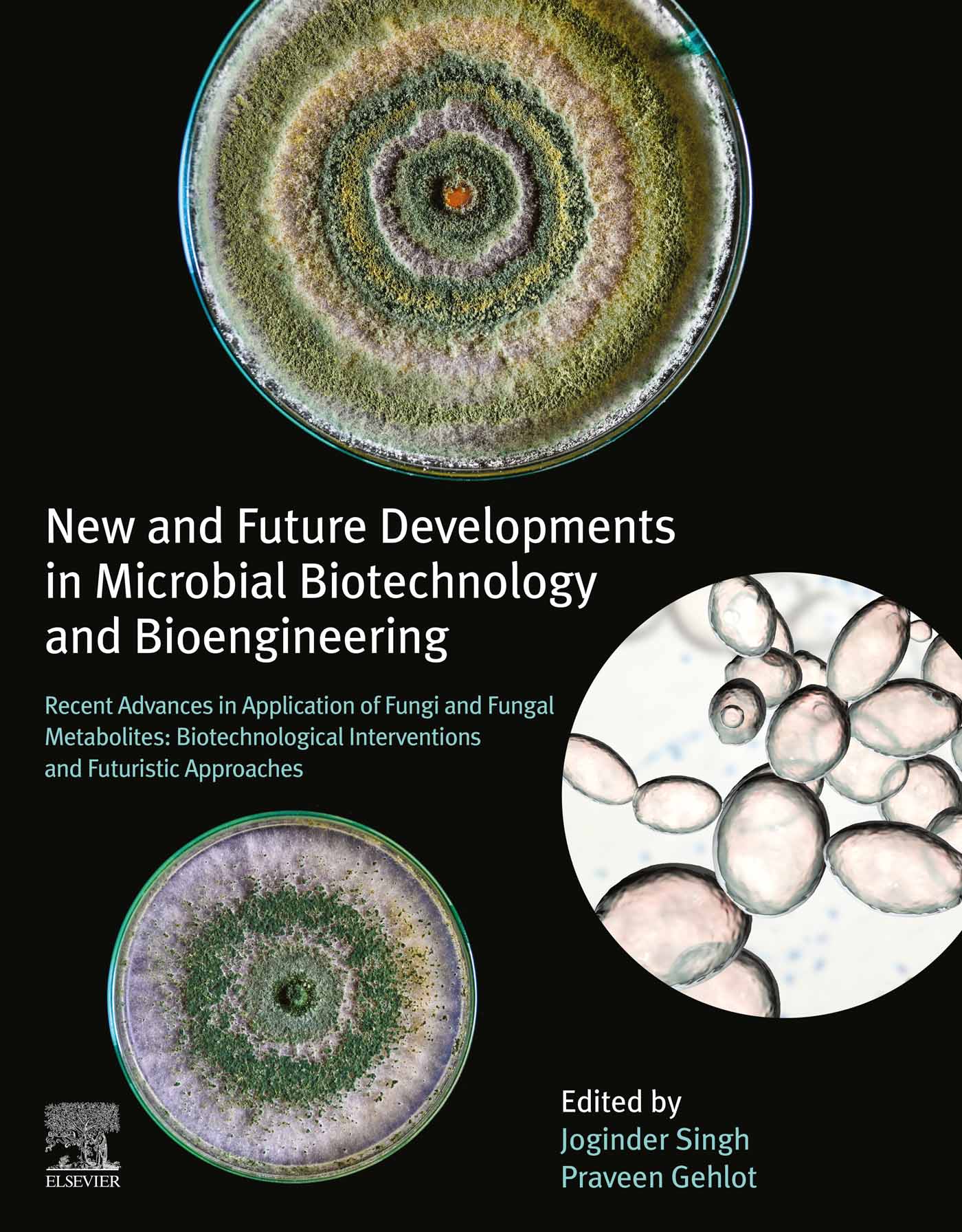
New and Future Developments in Microbial Biotechnology and Bioengineering New and Future Developments in Microbial Biotechnology and Bioengineering: Recent Advances in Application of Fungi and Fungal Metabolites: Biotechnological Interventions and Futuristic Approaches is an invaluable resource for researchers planning to work in applied biotechnological interventions and futuristic approaches to fungi and fungal metabolite utilization. Special emphasis is placed on new research relating to fungal-based recombinant DNA technology and genomics analysis which place yeasts and filamentous fungi at the forefront of various contemporary commercial applications. Written in an easy-to-follow language by active researchers, the book presents cutting-edge fungal biotechnological applications in a manner that is accessible to all. Introduces recent biotechnological interventions and futuristic approaches to fungi and their metabolites Elaborates on perspectives and diverse applications of harnessing the potential of fungi and fungal metabolites in biotechnology Describes traditional uses and modern practices of accessing the potential of fungi and their metabolites in solving future needs TECHNOLOGY & ENGINEERING,Chemical & Biochemical
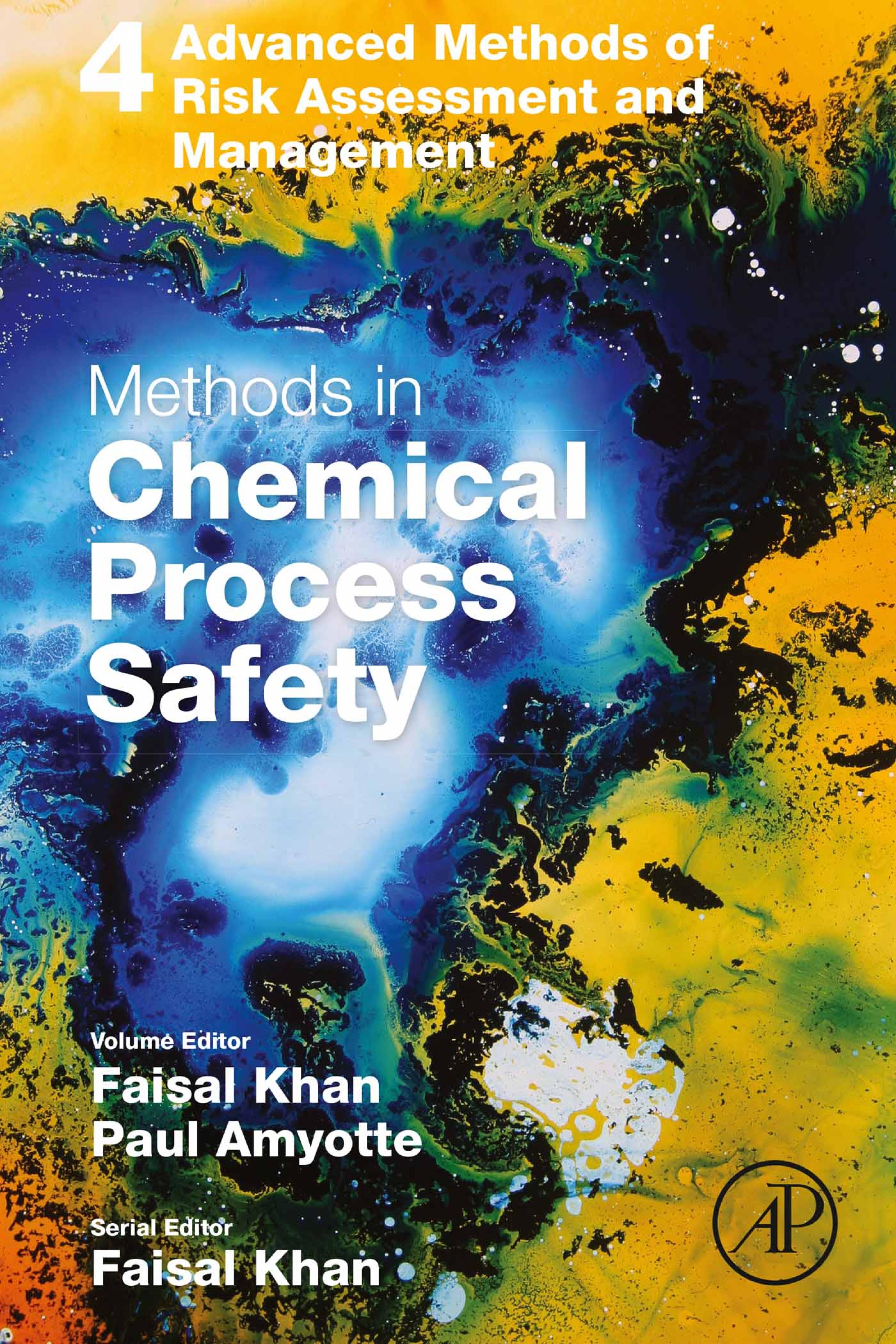
Methods in Chemical Process Safety Methods in Chemical Process Safety, Volume Four focuses on the process of learning from experience, including elements of process safety management, human factors in the chemical process industries, and the regulation of chemical process safety, including current approaches. Users will find this book to be an informative tool and user manual for process safety for a variety of professionals with this new release focusing on Advanced Methods of Risk Assessment and Management, Logic Based Methods for Dynamic Risk Assessment, Bayesian Methods for Dynamic Risk Assessment, Data Driven Methods, Rare Event Risk Assessment, Risk Management and Multi Criteria, and much more. Helps acquaint the reader/researcher with the fundamentals of process safety Provides the most recent advancements and contributions on the topic from a practical point-of-view Presents users with the views/opinions of experts in each topic Includes a selection of authors who are leading researchers and/or practitioners for each given topic TECHNOLOGY & ENGINEERING,Chemical & Biochemical
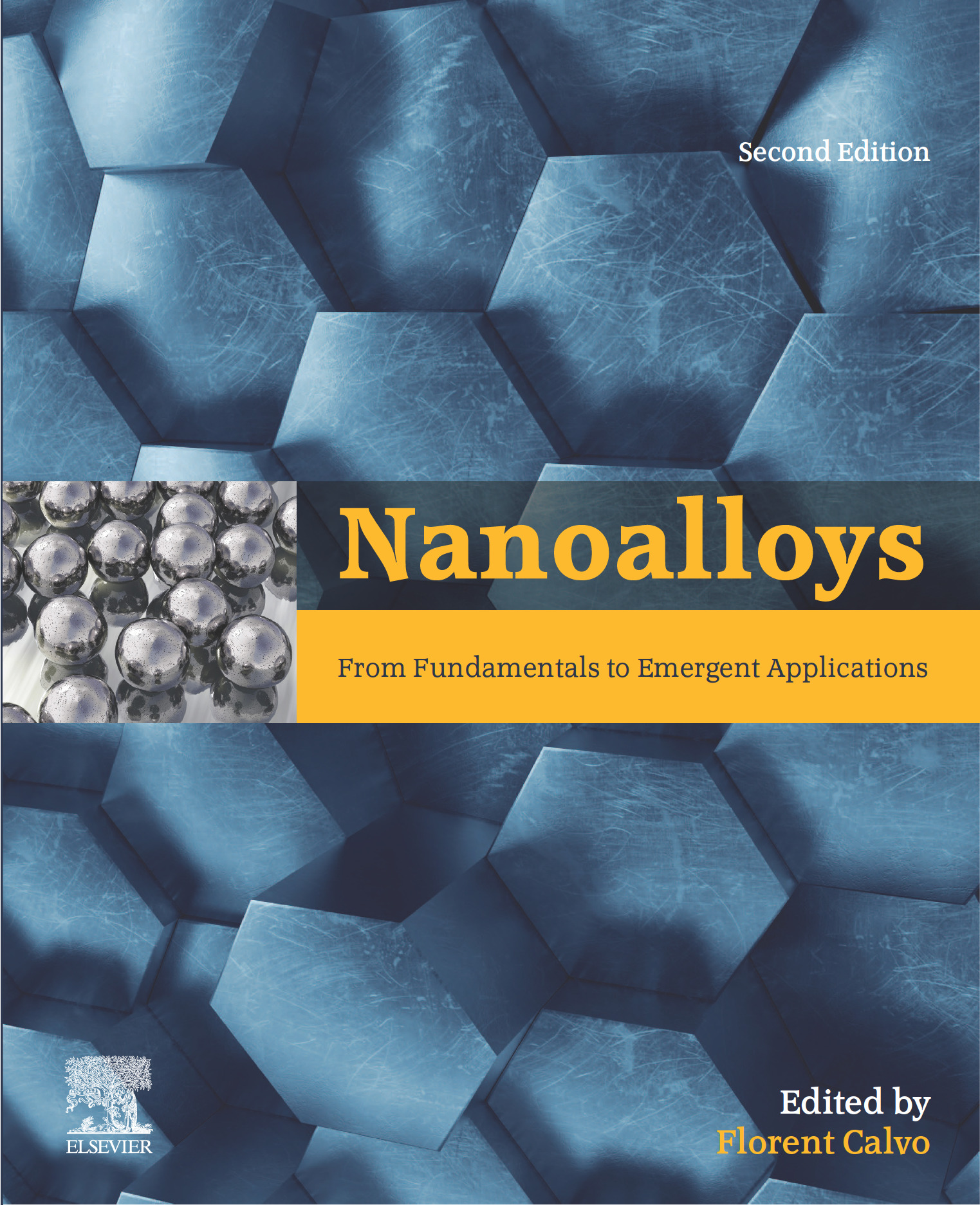
Nanoalloys Nanoalloys, Second Edition, provides a self-contained reference on the physics and chemistry of nanoscale alloys, dealing with all important aspects that range from the theoretical concepts and the practical synthesis methods to the characterization tools. The book also covers modern applications of nanoalloys in materials science, catalysis or nanomedicine and discusses their possible toxicity. Covers fundamentals and applicative aspects of nanoalloys in a balanced presentation, including theoretical and experimental perspectives Describes physical and chemical approaches, synthesis and characterization tools Illustrates the potential benefit of alloying on various applications ranging from materials science to energy production and nanomedicine Updates and adds topics not fully developed at the time of the 1st edition, such as toxicity and energy applications TECHNOLOGY & ENGINEERING,Chemical & Biochemical
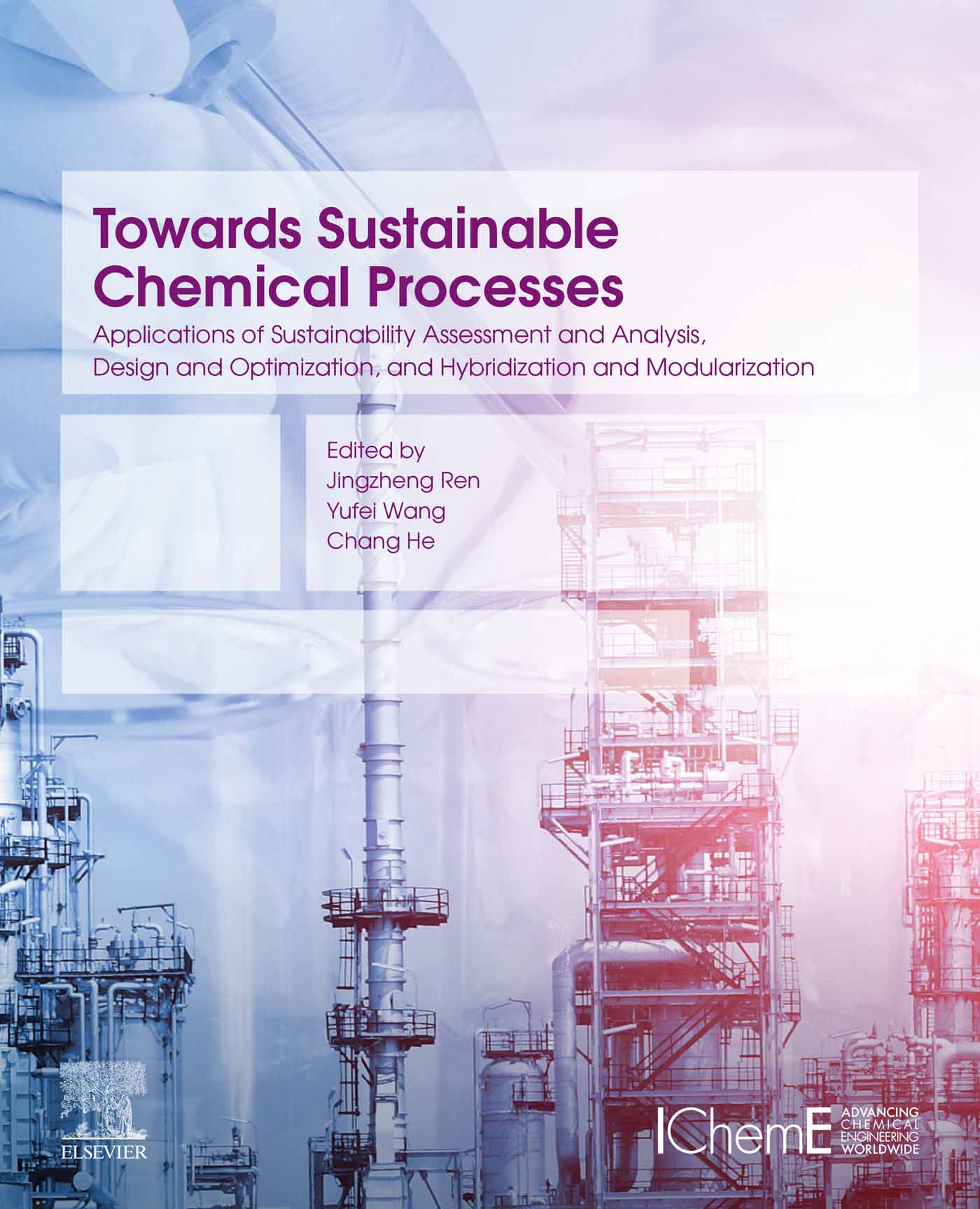
Towards Sustainable Chemical Processes Towards Sustainable Chemical Processes describes a comprehensive framework for sustainability assessment, design and the processes optimization of chemical engineering. Beginning with the analysis and assessment in the early stage of chemical products’ initiating, this book focuses on the combination of science sustainability and process system engineering, involving mathematical models, industrial ecology, circular economy, energy planning, process integration and sustainability engineering. All chapters throughout answered two fundamental questions in depth: (1) what tools and models are available to be used to assess and design sustainable chemical processes, (2) what the core theories and concepts are to get into the sustainable chemical process fields. Therefore, Towards Sustainable Chemical Processes is an indispensable guide for chemical engineers, researchers, students, practitioners and consultants in sustainability related area. Provides innovative, novel and comprehensive methods and models for sustainability assessment, design and optimization, and synthesis and integration of chemical engineering processes Combines sustainability science with process system engineering Integrates mathematical models, industrial ecology, circular economy, energy planning, process integration and sustainability engineering Includes new case studies related to renewable energy, resource management, process synthesis and process integration TECHNOLOGY & ENGINEERING,Chemical & Biochemical
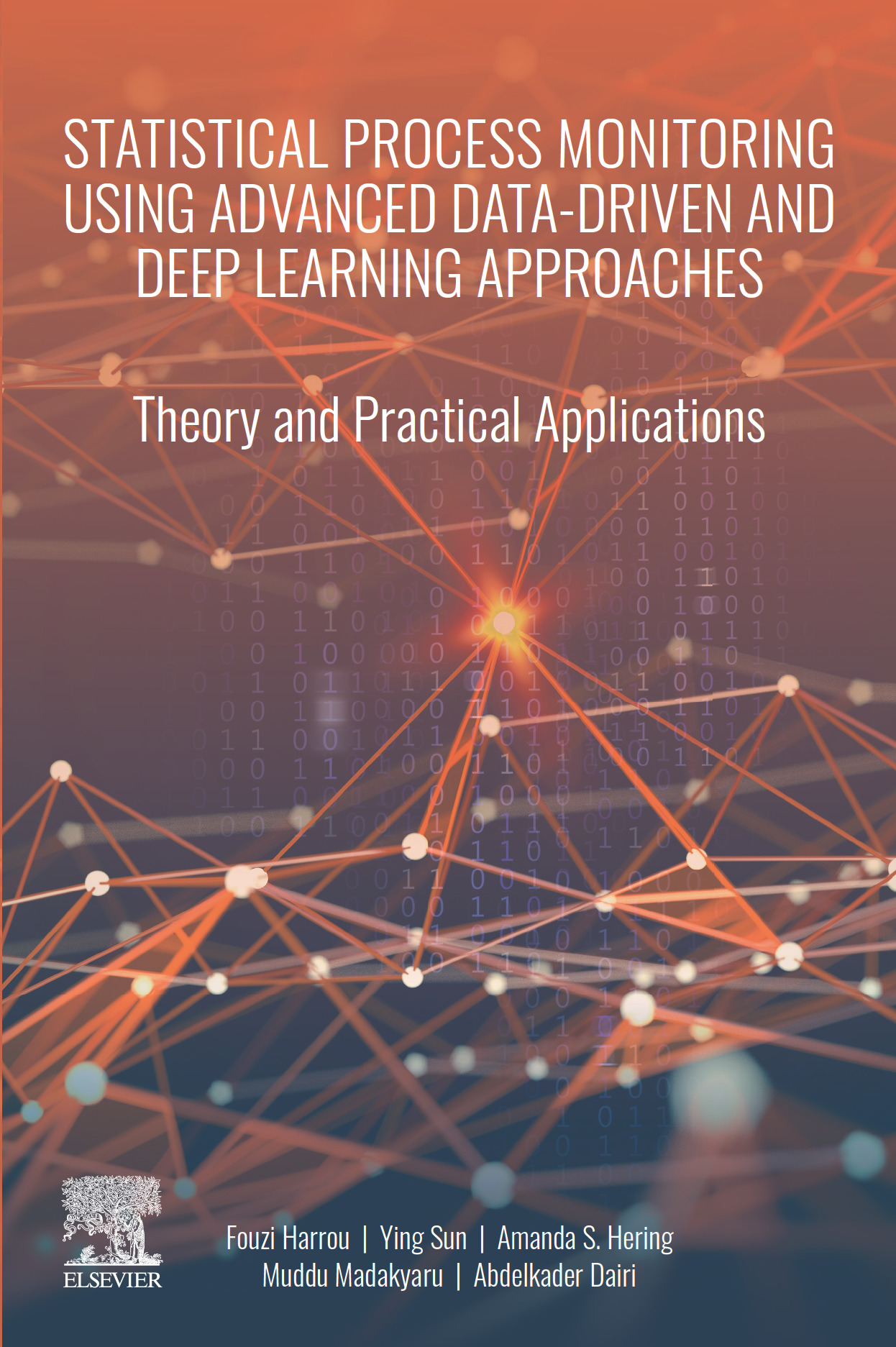
Statistical Process Monitoring Using Advanced Data-Driven and Deep Learning Approaches Statistical Process Monitoring Using Advanced Data-Driven and Deep Learning Approaches tackles multivariate challenges in process monitoring by merging the advantages of univariate and traditional multivariate techniques to enhance their performance and widen their practical applicability. The book proceeds with merging the desirable properties of shallow learning approaches – such as a one-class support vector machine and k-nearest neighbours and unsupervised deep learning approaches – to develop more sophisticated and efficient monitoring techniques. Finally, the developed approaches are applied to monitor many processes, such as waste-water treatment plants, detection of obstacles in driving environments for autonomous robots and vehicles, robot swarm, chemical processes (continuous stirred tank reactor, plug flow rector, and distillation columns), ozone pollution, road traffic congestion, and solar photovoltaic systems. Uses a data-driven based approach to fault detection and attribution Provides an in-depth understanding of fault detection and attribution in complex and multivariate systems Familiarises you with the most suitable data-driven based techniques including multivariate statistical techniques and deep learning-based methods Includes case studies and comparison of different methods TECHNOLOGY & ENGINEERING,Chemical & Biochemical
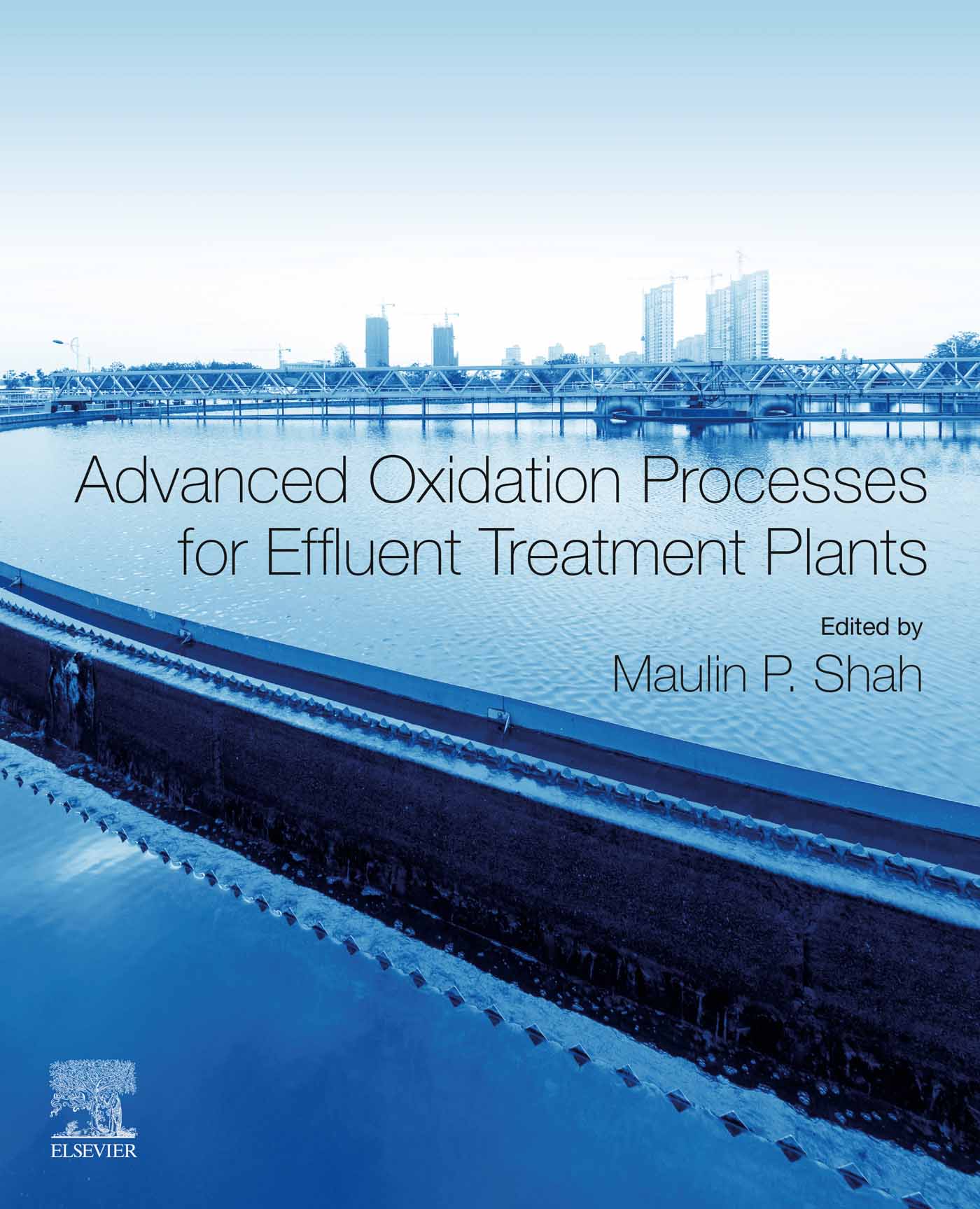
Advanced Oxidation Processes for Effluent Treatment Plants Advanced Oxidation Processes for Effluent Treatment Plants provides a complete overview of the recent advances made in oxidation-based water treatment processes, including their limitations, challenges and potential applications in removing environmental pollutants. The book introduces new trends and advances in environmental bioremediation technology with a thorough discussion of recent developments in this field, with multiple biological and chemical wastewater treatment processes presented in detail. Additionally, every chapter explains the wastewater treatment plants that utilize these methods, illustrating them in terms of plant size, layout, design and installation location. New trends and advances in environmental bioremediation technology are also covered. This is the go-to resources for engineers and scientists requiring an introduction to the principles of environmental bioremediation technologies. Illustrates the importance of various advance oxidation processes in effluent treatment plants Highlights the reuse and recovery of resources from wastewater Examines the occurrence of novel micro-pollutants Emphasizes the role of nanotechnology in the bioremediation of pollutants Introduces new trends in environmental bioremediation TECHNOLOGY & ENGINEERING,Chemical & Biochemical
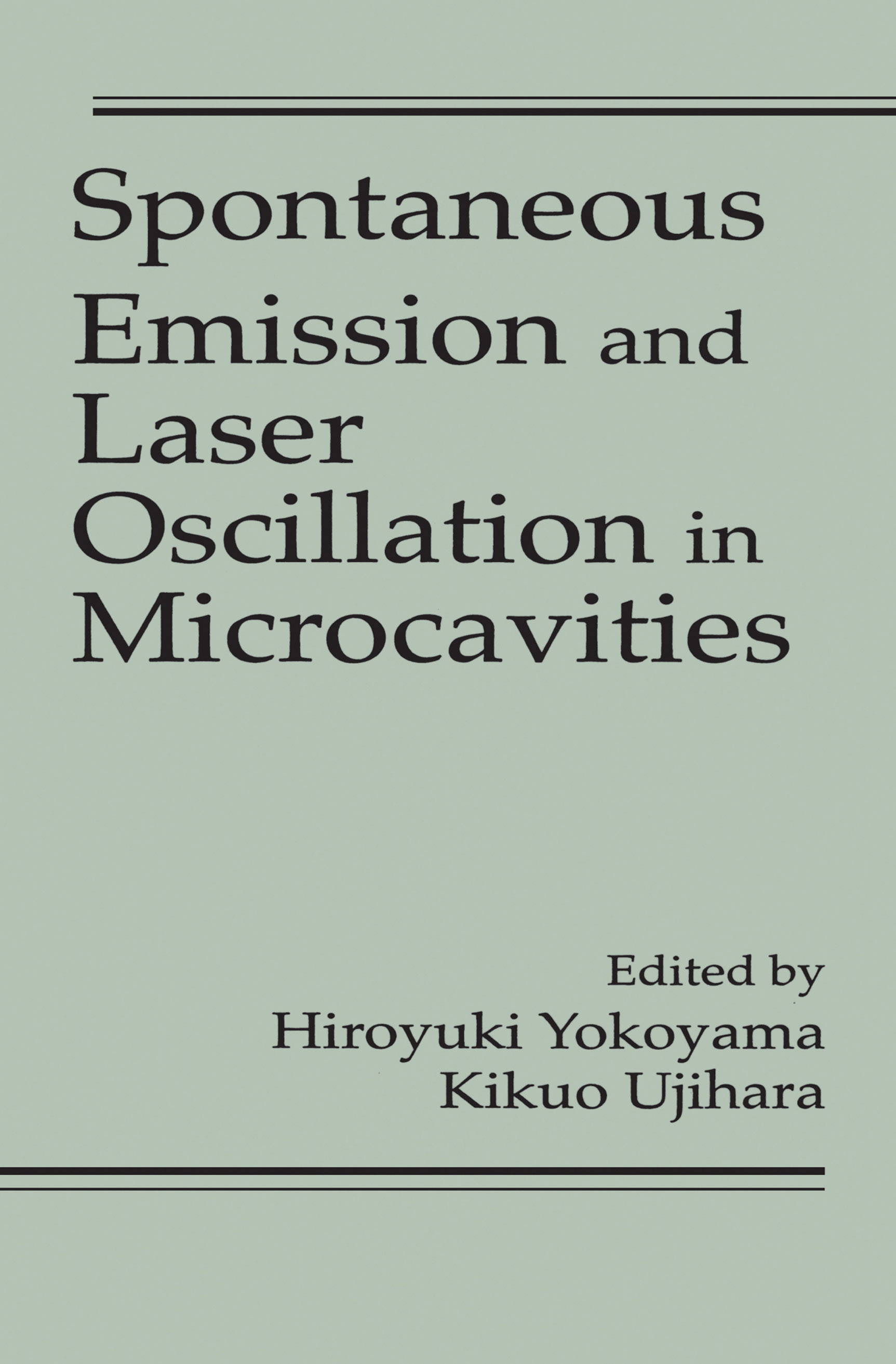
Spontaneous Emission and Laser Oscillation in Microcavities In spite of the increasing importance of microcavities, device physics or the observable phenomena in optical microcavities such as enhanced or inhibited spontaneous emission and its relation with the laser oscillation has not been systematically well-described-until now. Spontaneous Emission and Laser Oscillation in Microcavities presents the basics of optical microcavities. The volume is divided into ten chapters, each written by respected authorities in their areas. The book surveys several methods describing free space spontaneous emission and discusses changes in the feature due to the presence of a cavity. The effect of dephasing of vacuum fields on spontaneous emission in a microcavity and the effects of atomic broadening on spontaneous emission in an optical microcavity are examined. The book details the splitting in transmission peaks of planar microcavities containing semiconductor quantum wells. A simple but useful way to consider the change in the spontaneous emission rate from the viewpoint of mode density alteration by wavelength-sized cavities is provided. Authors also discuss the spontaneous emission in dielectric planar microcavities. Spontaneous emission in microcavity surface emitting lasers is covered, as are the effects of electron confinement in semiconductor quantum wells, wires, and boxes also given. The volume extends the controlling spontaneous emission phenomenon to laser oscillation. Starting from the Fermi golden rule, the microcavity laser rate equations are derived, and the oscillation characteristics are analyzed. Recent progress in optical microcavity experiments is summarized, and the applicability in massively optical parallel processing systems and demands for the device performance are explored. This volume is extremely useful as a textbook for graduate and postgraduate students and works well as a unique reference for researchers beginning to study in the field. TECHNOLOGY & ENGINEERING,Chemical & Biochemical
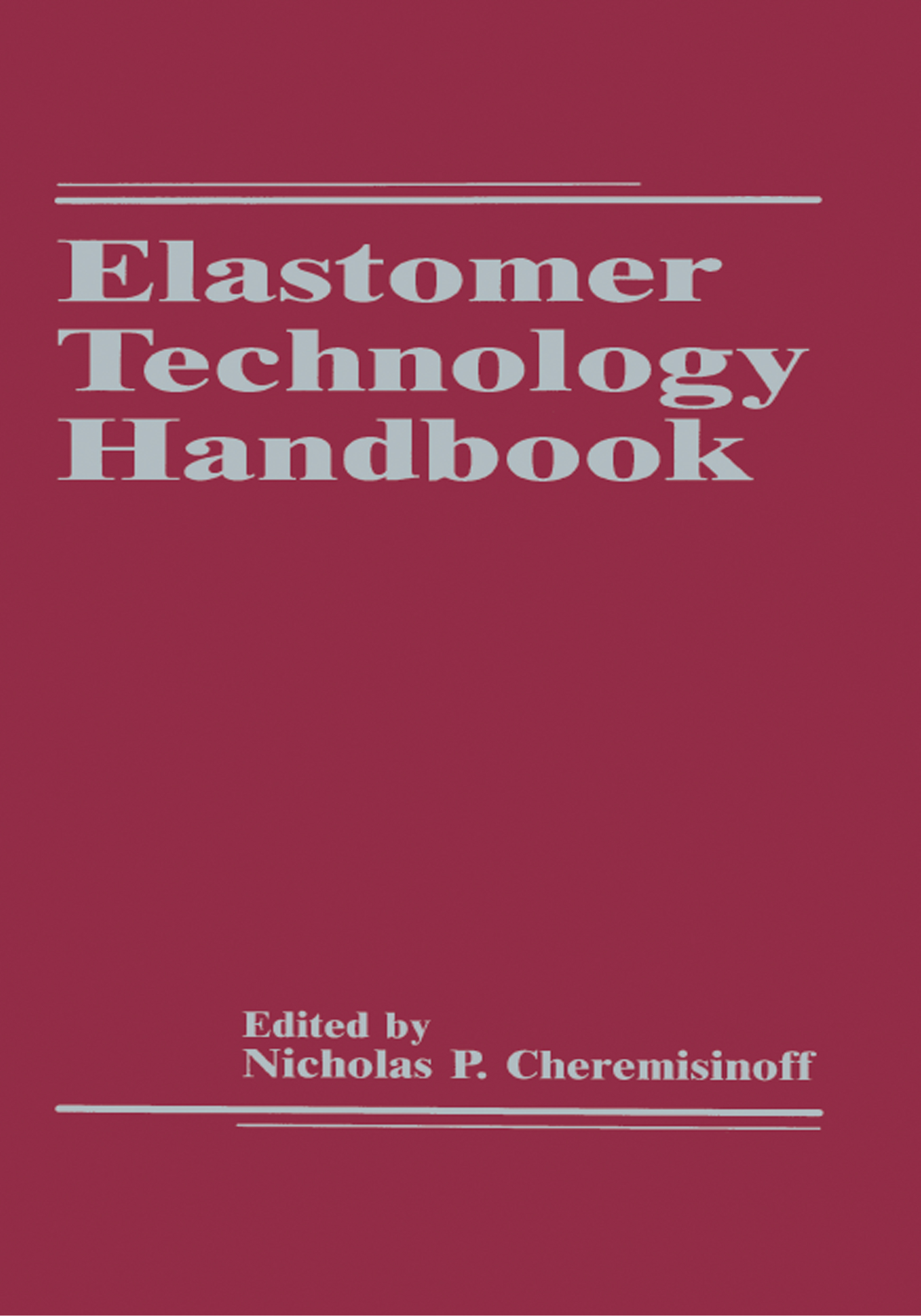
Elastomer Technology Handbook Elastomer Technology Handbook is a major new reference on the science and technology of engineered elastomers. This contributed volume features some of the latest work by international experts in polymer science and rubber technology. Topics covered include theoretical and practical information on characterizing rubbers, designing engineering elastomers for consumer and engineering applications, properties testing, chemical and physical property characterization, polymerization chemistry, rubber processing and fabrication methods, and rheological characterization. The book also highlights both conventional and emerging market applications for synthetic rubber products and emphasizes the latest technology advancements. Elastomer Technology Handbook is a "must have" book for polymer researchers and engineers. It will also benefit anyone involved in the handling, manufacturing, processing, and designing of synthetic rubbers. TECHNOLOGY & ENGINEERING,Chemical & Biochemical
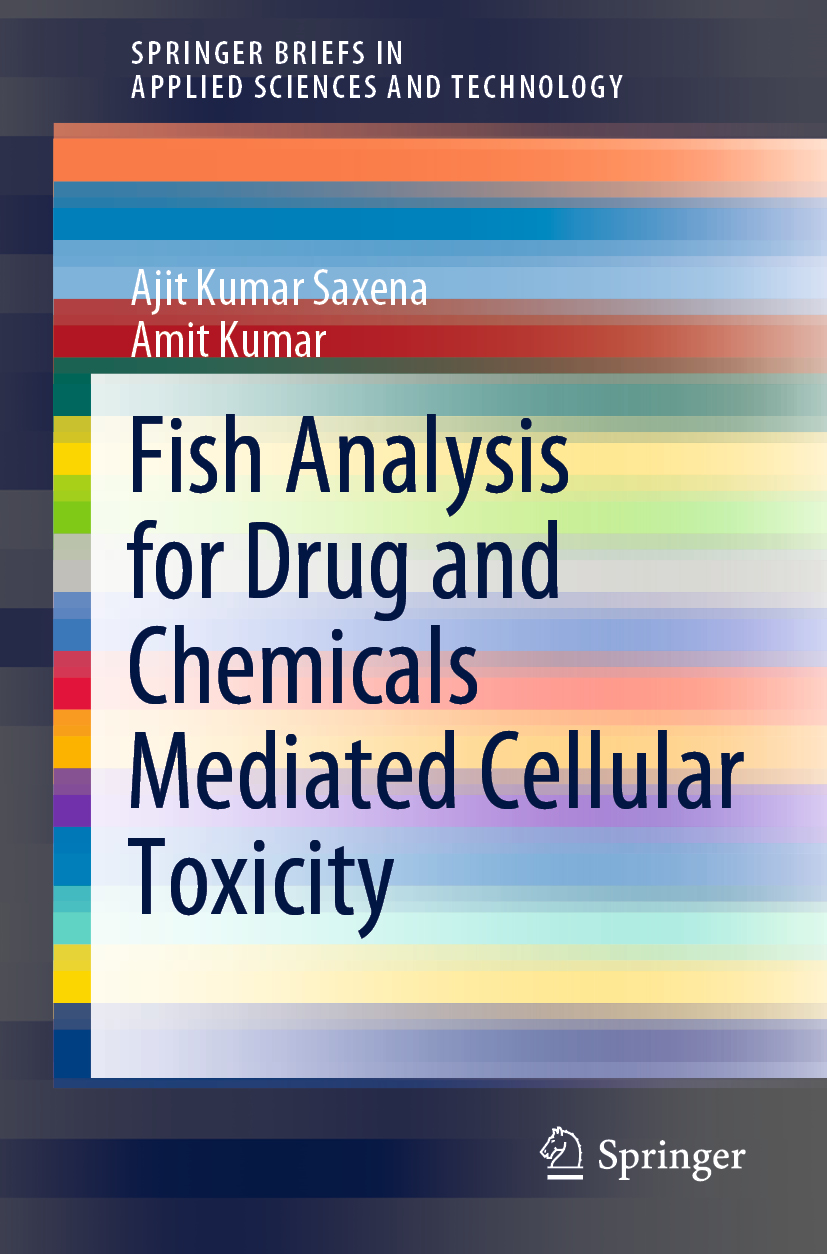
Fish Analysis for Drug and Chemicals Mediated Cellular Toxicity This book offers a comprehensive overview of drug and chemical cellular toxicity, especially concerning the effects of anticancer drugs (cyclophosphamide, methotrexate and phosphamidon) on chromosomes and proteins. It covers histological changes in rat testis during pre- and postnatal exposure to varied drug doses, along with laboratory findings on arsenic exposure and alcohol consumption producing neurological changes and deleterious effects on reproductive health in animals. The book offers essential information on the role of anticancer drug- / chemical-mediated toxicity in connection with genetic changes in the brain and reproductive health, making it a valuable guide for researchers working in the areas of cancer research, infertility, molecular diagnostics and modern drug discovery, at biochemical and toxicity laboratories, and in genetic predisposition and molecular biology in general. TECHNOLOGY & ENGINEERING,Chemical & Biochemical
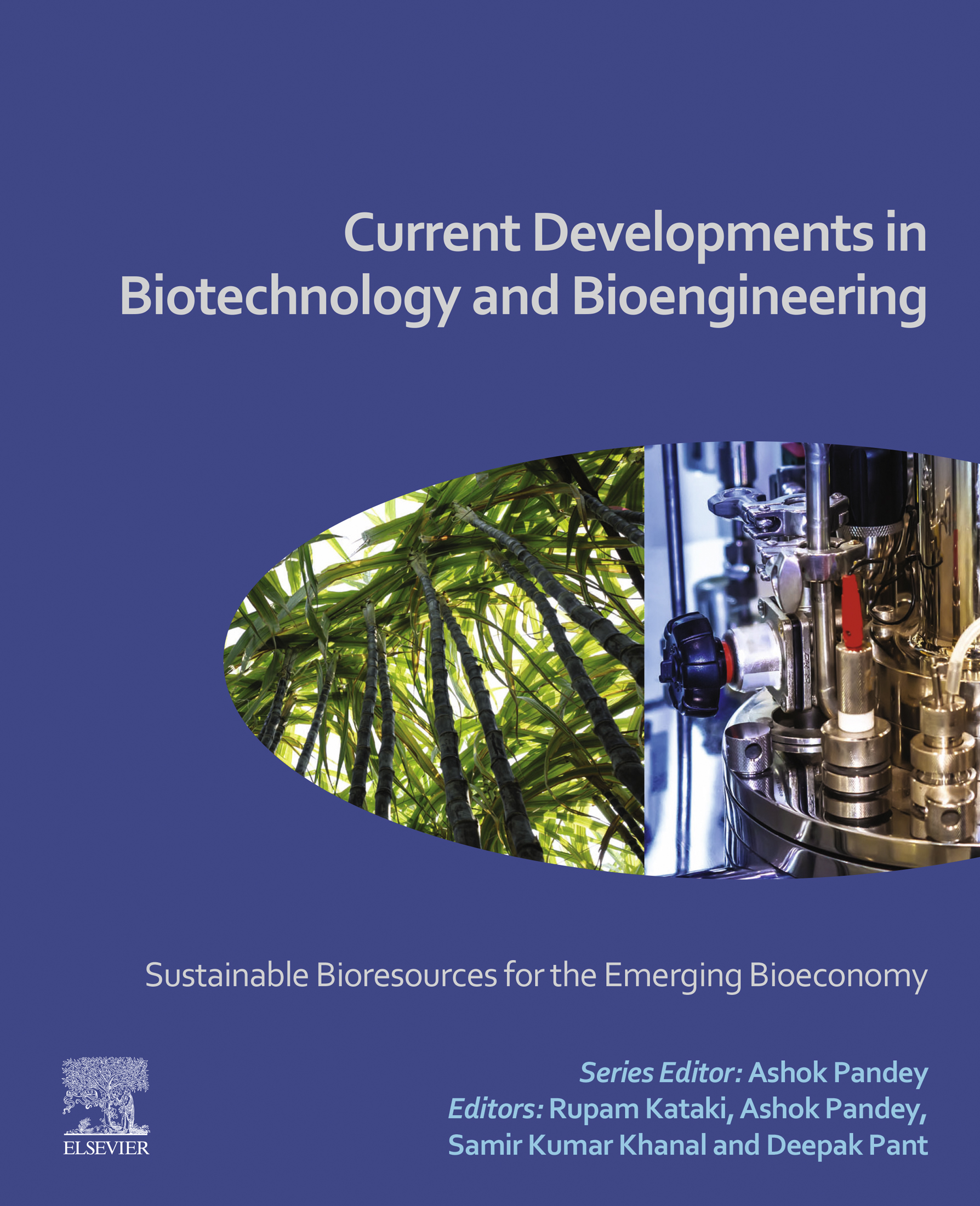
Current Developments in Biotechnology and Bioengineering Current Developments in Biotechnology and Bioengineering: Sustainable Bioresources for the Emerging Bioeconomy outlines recent advances in bioenergy, biorefinery and the bioeconomy, an essential element for a 21st century bio-based society. The book provides information on biomass and various conversion technologies with different parameters that affect the conversion process. Sections cover different bioproducts, biorefinery systems, energy and greenhouse gas emission balances of bioenergy and biorefinery, and environmental and economic footprints of bioeconomy. Finally, different strategies adopted by developed and developing countries for the promotion and implementation of a bioeconomy concept for a bio-based society are systematically covered. The book provides comprehensive information starting from early progress to the latest trends on bioenergy, biorefinery and bioeconomy with special reference to the developed and the developing countries and the linkage between bioeconomy and climate change mitigation in simple scientific language to appeal to a wider audience. Includes the fundamentals and concepts of biomass and bioenergy Outlines recent technology development for biomass conversion Provides concept for different bioproducts Covers global strategies and policies on the development of bioeconomies TECHNOLOGY & ENGINEERING,Chemical & Biochemical
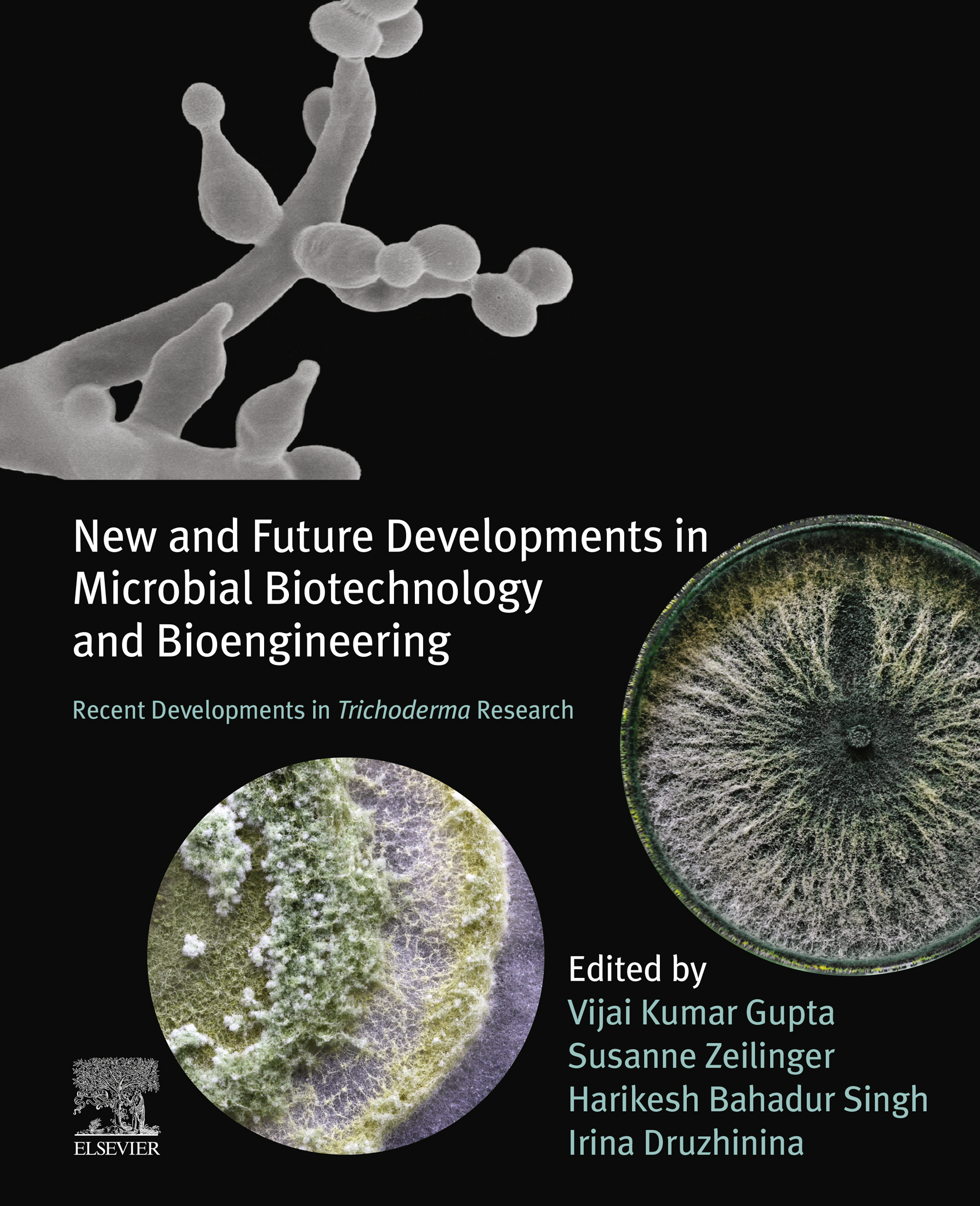
New and Future Developments in Microbial Biotechnology and Bioengineering New and Future Developments in Microbial Biotechnology and Bioengineering: Recent Developments in Trichoderma Research covers topics on-Trichoderma biodiversity, strain improvement and related researches in bioprocess technology, chemical engineering, bioremediation process, secondary metabolite production, Protein production, plant disease resistance and biocontrol technology. This book includes unique compilations of different chapters with emerging issues in the area of Trichoderma research and its related importance in the Biochemical-Industry-Agri-Food sector. Includes recent developments on Trichoderma research in plant biotechnology, agriculture and in the environment Provides a detailed and comprehensive coverage of the biodiversity and biochemistry of Trichoderma Covers potential applications of Trichoderma in biotechnology, including secondary metabolites and protein engineering TECHNOLOGY & ENGINEERING,Chemical & Biochemical

Process Engineering Renewal 2 Process engineering emerged at the beginning of the 20th Century and has become an essential scientific discipline for the matter and energy processing industries. Its success is incontrovertible, with the exponential increase in techniques and innovations. Rapid advances in new technologies such as artificial intelligence, as well as current societal needs – sustainable development, climate change, renewable energy, the environment – are developments that must be taken into account in industrial renewal. Process Engineering Renewal 2 focuses on research in process engineering, which is partly overshadowed by the sciences that contribute to its development. The external constraints of this interface science must be seen in relation to conservation, sustainable development, global warming, etc., which are linked to current success and the difficulty of taking risks in research. TECHNOLOGY & ENGINEERING,Chemical & Biochemical
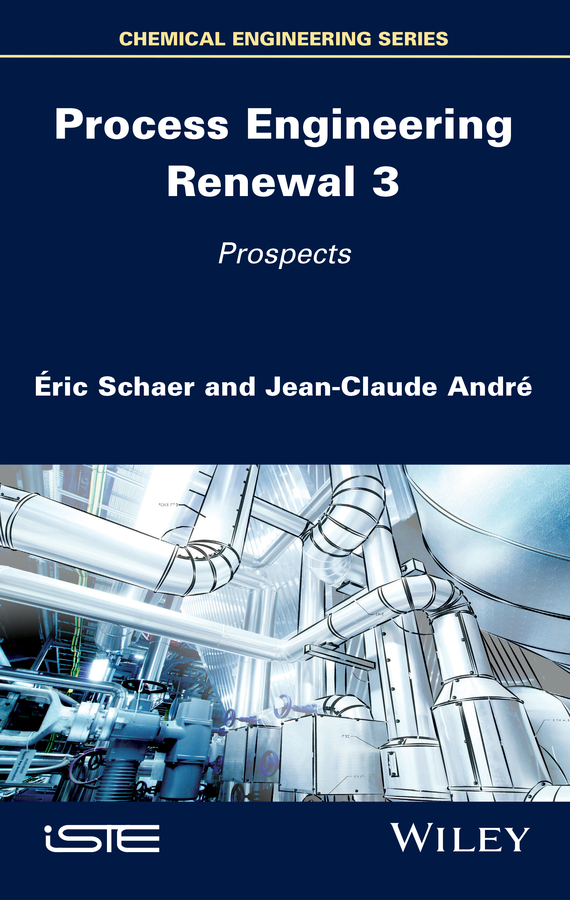
Process Engineering Renewal 3 Process engineering emerged at the beginning of the 20th Century and has become an essential scientific discipline for the matter and energy processing industries. Its success is incontrovertible, with the exponential increase in techniques and innovations. Rapid advances in new technologies such as artificial intelligence, as well as current societal needs – sustainable development, climate change, renewable energy, the environment – are developments that must be taken into account in industrial renewal. Process Engineering Renewal 3 presents a prospective analysis that demonstrates the significant disruptions linked to sustainable development, global warming, etc. These constraints may trigger changes in the social regulation system, which in turn applies pressure on actors of process engineering to evolve and adapt to these developments. TECHNOLOGY & ENGINEERING,Chemical & Biochemical

Elements of Chemical Reaction Engineering For decades, H. Scott Fogler’s Elements of Chemical Reaction Engineering has been the world’s dominant chemical reaction engineering text. Using sliders and interactive examples in Wolfram, Python, POLYMATH, and MATLAB, students can explore reactions and reactors by running realistic simulation experiments. Writing for today’s students, Fogler provides instant access to information, avoids extraneous details, and presents novel problems linking theory to practice. Faculty can flexibly define their courses, drawing on updated chapters, problems, and extensive Professional Reference Shelf web content at diverse levels of difficulty. The book thoroughly prepares undergraduates to apply chemical reaction kinetics and physics to the design of chemical reactors. And four advanced chapters address graduate-level topics, including effectiveness factors. To support the field’s growing emphasis on chemical reactor safety, each chapter now ends with a practical safety lesson. Updates throughout the book reflect current theory and practice and emphasise safety New discussions of molecular simulations and stochastic modeling Increased emphasis on alternative energy sources such as solar and biofuels Thorough reworking of three chapters on heat effects Full chapters on nonideal reactors, diffusion limitations, and residence time distribution The full text downloaded to your computer With eBooks you can: search for key concepts, words and phrases make highlights and notes as you study share your notes with friends eBooks are downloaded to your computer and accessible either offline through the Bookshelf (available as a free download), available online and also via the iPad and Android apps. Upon purchase, you will receive via email the code and instructions on how to access this product. Time limit The eBooks products do not have an expiry date. You will continue to access your digital ebook products whilst you have your Bookshelf installed. TECHNOLOGY & ENGINEERING,Chemical & Biochemical

An Encyclopaedia of British Bridges Bridges have a universal appeal as examples of man’s mastery of nature, from picturesque packhorse bridges to great spans stretching across broad estuaries, and the development of the technology that allows ever more audacious constructions is never-ending. Of the million or more bridges throughout Great Britain, David McFetrich has selected those that are significant in terms of their design, construction or location, or of their connections with people or events of history. His definitive book contains 1,600 separate entries for individual bridge sites or related groups of bridges covering more than 2,000 different structures, 165 general entries about different types of bridge and such topics as collapses and failures, and a summary of about 200 record-holding bridges in 50 different categories. The concise text is supported by more than 900 illustrations and diagrams. The result is a fascinating and readily accessible compendium. The Institute Of Civil Engineers (ICA) are also on board. TECHNOLOGY & ENGINEERING,Civil,Bridges

Technologies for Sustainable Development This volume contains a selection of papers presented at the 7th Nirma University International Conference on Engineering ‘NUiCONE 2019’. This conference followed the successful organization of four national conferences and six international conferences in previous years. The main theme of the conference was “Technologies for Sustainable Developmentâ€, which is in line with the “SUSTAINABLE DEVELOPMENT GOAL†established by the United Nations. The conference was organized with many inter-disciplinary technical themes encompassing a broad range of disciplines and enabling researchers, academicians and practitioners to choose between ideas and themes. Besides, NUiCONE-2019 has also presented an exciting new set of events to engage practicing engineers, technologists and technopreneurs from industry through special knowledge sharing sessions involving applied technical papers based on case-study applications, white-papers, panel discussions, innovations and technology products. This proceedings will definitely provide a platform to proliferate new findings among researchers. Advances in Transportation Engineering Emerging Trends in Water Resources and Environmental Engineering Construction Technology and Management Concrete and Structural Engineering Futuristic Power System Control of Power Electronics Converters, Drives and E-mobility Advanced Electrical Machines and Smart Apparatus Chemical Process Development and Design Technologies and Green Environment Sustainable Manufacturing Processes Design and Analysis of Machine and Mechanism Energy Conservation and Management Advances in Networking Technologies Machine Intelligence / Computational Intelligence Autonomic Computing Control and Automation Electronic Communications Electronics Circuits and System Design Signal Processing TECHNOLOGY & ENGINEERING,Civil,Bridges

Urban Drainage This new edition of a well-established textbook covers the environmental and engineering aspects of the management of rainwater and wastewater in areas of human development. Urban Drainage deals comprehensively not only with the design of new systems, but also the analysis and upgrading of existing infrastructure. Keeping its balance of principles, practice and research, this new edition has significant new material on modelling, resilience, smart systems, and the global and local context. The two new authors bring further research and practice-based experience. This is an essential text for undergraduate and graduate students, lecturers and researchers in water engineering, environmental engineering, public health engineering, engineering hydrology, and related non-engineering disciplines. It also serves as a dependable reference for drainage engineers in water service providers, local authorities, and for consulting engineers. Extensive examples are used to support and demonstrate the key issues throughout the text. TECHNOLOGY & ENGINEERING,Civil,Dams & Reservoirs
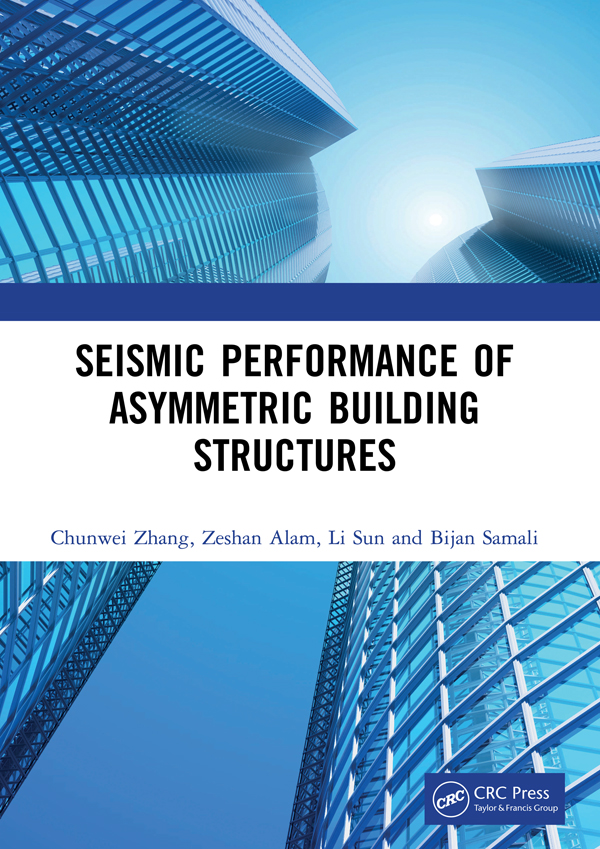
Seismic Performance of Asymmetric Building Structures Seismic Performance of Asymmetric Building Structures presents detailed investigations on the effective assessment of structural seismic response under excessive torsional vibrations, demonstrating behavioural aspects from local response perspective to global seismic demands. The work provides comprehensive analytical, computational, experimental investigations, and proposes improved design guidelines that structural engineers can utilize to enhance the seismic design of asymmetric building structures. Combining extensive experimental and numerical data stock for seismic performance assessment with a particular focus on asymmetric building structures, the book includes: • An overview of asymmetric building structures from seismic damage perspective• Local and global performance assessment of asymmetric structures under extreme seismic actions• Post-earthquake damage evaluation from varying frequency trends • Extended numerical applications for experimental response validations• Evaluation of critical regions of asymmetric structure with stress concentration• Statistical distribution of seismic response under varying design parameters• Design guidelines for asymmetric building structures This work's comprehensive evaluations are carried out with modern sensing techniques planned with meticulous attention to cover objectives with a particular focus on asymmetry in reinforced concrete and steel structures. It assesses various aspects of asymmetric building structures that are rarely dealt with in the current literature. It gathers fruitful information from various building design codes and explains their limitations in addressing damage-related challenges, which is not only useful for practicing engineers but also for academics. The book will be invaluable for experts, researchers, students and practitioners from relevant areas, as well as for emergency preparedness managers. TECHNOLOGY & ENGINEERING,Civil,Earthquake

Flood and Coastal Erosion Risk Management A new ‘Multi-Coloured Manual' This book is a successor to and replacement for the highly respected manual and handbook on the benefits of flood and coastal risk management, produced by the Flood Hazard Research Centre at Middlesex University, UK, with support from Defra and the Environment Agency. It builds upon a previous book known as the "multi-coloured manual" (2005), which itself was a synthesis of the blue (1977), red (1987) and yellow manuals (1992). As such it expands and updates this work, to provide a manual of assessment techniques of flood risk management benefits, indirect benefits, and coastal erosion risk management benefits. It has three key aims. First it provides methods and data which can be used for the practical assessment of schemes and policies. Secondly it describes new research to update the data and improve techniques. Thirdly it explains the limitations and complications of Benefit-Cost Analysis, to guide decision-making on investment in river and coastal risk management schemes. TECHNOLOGY & ENGINEERING,Civil,Flood Control

Air Quality Assessment and Management Air Quality Assessment and Management: A Practical Guide describes the techniques available for an assessment while detailing the concepts and methodologies involved. It reviews the principles of air quality management; primary sources of air pollution; impact of emissions on human health, flora and fauna; scoping of air quality impacts; baseline monitoring; impact prediction; impact significance; and pollution mitigation and control. Emphasis will be placed on the practical side of AQA, with numerous international case studies and exercises to aid the reader in their understanding of concepts and applications. TECHNOLOGY & ENGINEERING,Civil,General
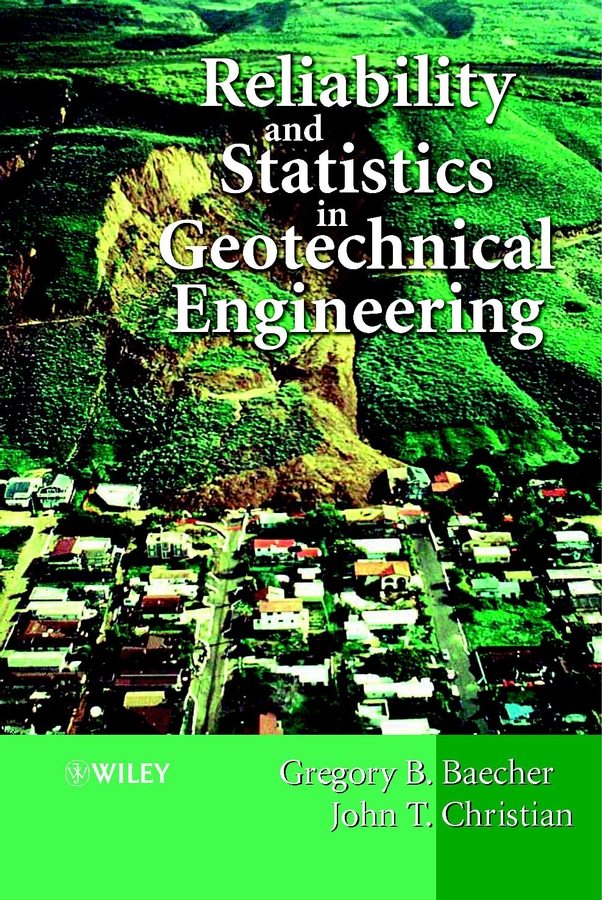
Reliability and Statistics in Geotechnical Engineering Risk and reliability analysis is an area of growing importance in geotechnical engineering, where many variables have to be considered. Statistics, reliability modeling and engineering judgement are employed together to develop risk and decision analyses for civil engineering systems. The resulting engineering models are used to make probabilistic predictions, which are applied to geotechnical problems. Reliability & Statistics in Geotechnical Engineering comprehensively covers the subject of risk and reliability in both practical and research terms * Includes extensive use of case studies * Presents topics not covered elsewhere--spatial variability and stochastic properties of geological materials * No comparable texts available Practicing engineers will find this an essential resource as will graduates in geotechnical engineering programmes. TECHNOLOGY & ENGINEERING,Civil,General
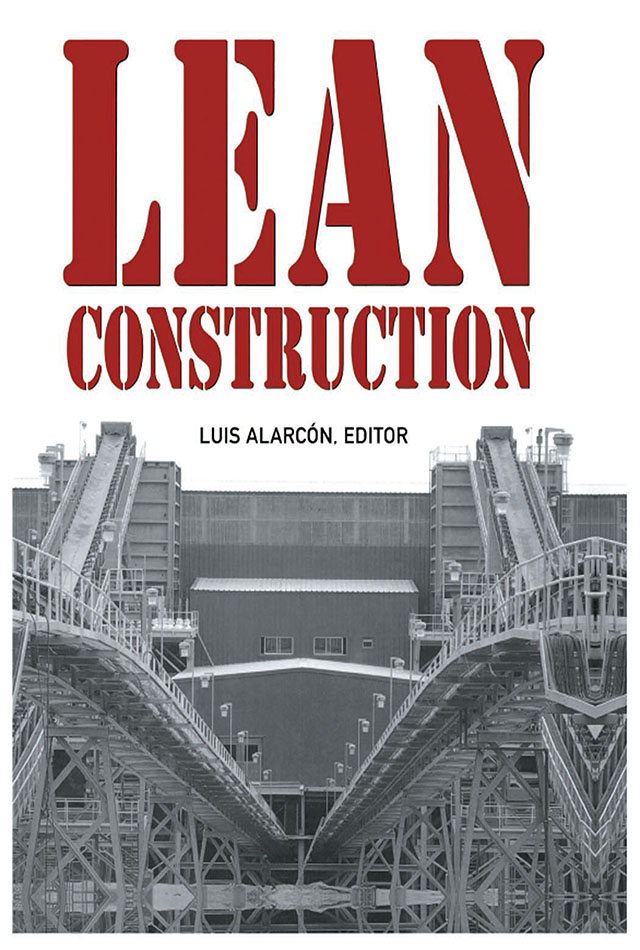
Lean Construction The application of a new production philosophy, leading to "lean production" (using less space, less human effort, less product development time etc), is expected to change almost every industry and bring about radical changes in the organization of work. This text examines this process. TECHNOLOGY & ENGINEERING,Civil,General

Construction Codes & Inspection Handbook Ensure code compliance, accurate calculations, and quality, while saving time and money Comprehensive, practical, and visual, this resource provides you with instant access to job-critical information. 600 tables, charts, checklists and calculations for quick look-up Provides job-critical data on every major building code, including the IBC (International Building Code) -- the world's most widely adopted building code Jargon-free explanations clarify complex codes Covers construction procedures and standards for commercial and industrial projects TECHNOLOGY & ENGINEERING,Civil,General
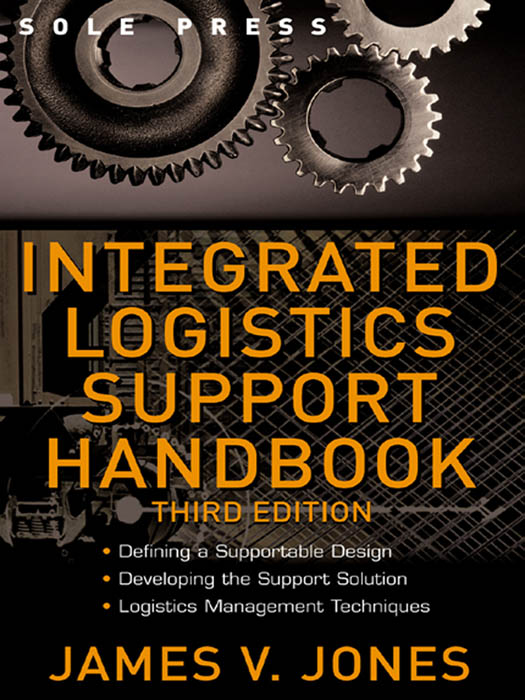
Integrated Logistics Support Handbook All the ILS expertise needed to achieve a more supportable system and cost-effective support infrastructure Engineers and managers can turn to the updated Third Edition of Integrated Logistics Support Handbook for expert guidance on applying Integrated Logistics Support (ILS) for acquisition and procurement planning in new product development. Long-established as the definitive ILS resource, this handbook distills thousands of pages of directives, instructions, and related material into a coherent, one-stop reference that can be used to enhance any military or commercial project. The Third Edition features new information on reliability and maintainability engineering…testability…supportability engineering…cost of ownership…personnel…support equipment…training…technical documentation…level-of-repair analysis…software support…life-cycle cost…logistics plans…contracts…and much more. Filled with step-by-step guidelines and 300 illustrations, the updated Integrated Logistics Support Handbook explains how to: Apply MIL HDBK 502, Acquisition Logistics Meet the requirements of MIL-PRF 49506, Logistics Management Information Develop and measure Performance-Based Logistics requirements New to this edition: applications of ILS to software-based systems, applications to commercial off-the-shelf solutions, and the latest Department of Defense requirements TECHNOLOGY & ENGINEERING,Civil,General

Stormwater Collection Systems Design Handbook * A comprehensive overview of stormwater and wastewater collection methods from around the world, written by leading experts in the field* Includes detailed analysis of system designs, operation, maintenance and rehabilitation* The most complete reference available on the subject TECHNOLOGY & ENGINEERING,Civil,General
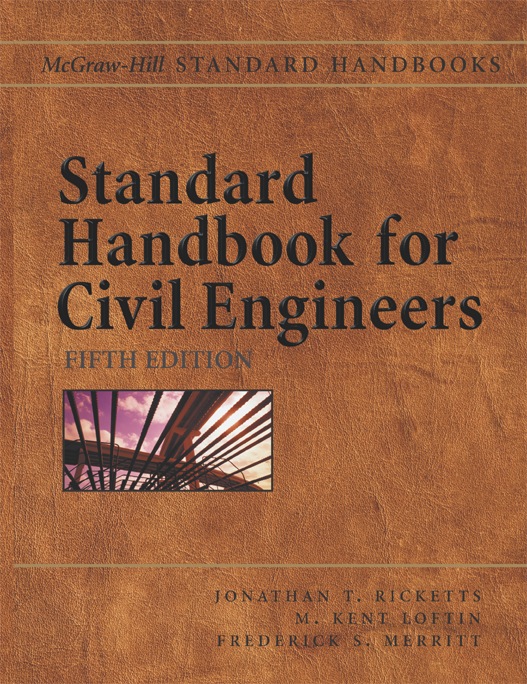
Standard Handbook for Civil Engineers A revision of the classic reference covering all important principles and techniques needed by practicing civil engineers. The 5th Edition incorporates changes in design and construction practices, especially in design specifications for construction materials, buildings and bridges, safety and health concerns, and the most current codes changes including ACI, AISC, ASTM, NDS for wood structures, etc. The Handbook covers systems design, community and regional planning, the latest design methods for buildings, airports, highways, tunnels and bridges. It includes sections on construction equipment, construction management, materials, specifications, structural theory, geotechnical engineering, wood, concrete, steel design and construction. TECHNOLOGY & ENGINEERING,Civil,General
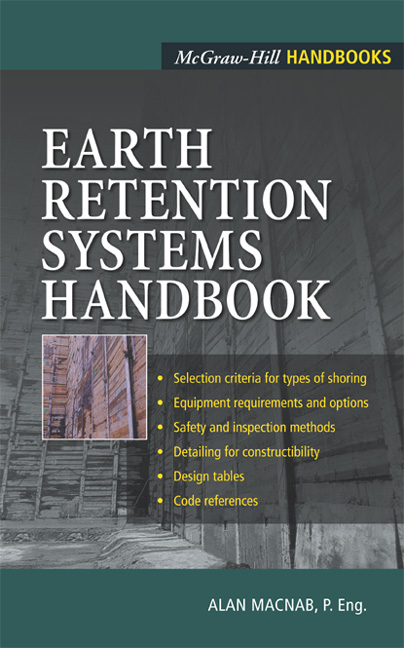
Earth Retention Systems Handbook Presents a systematic and comprehensive presentation of temporary excavation shoring and earth retention systems used to construct permanent facilities inside them. These systems are used to construct underground pipelines, tunnels, tank and storage facilities, foundations and structures. Each chapter presents a shoring system type description, how it is constructed, equipment requirements, cost analysis, etc. Safety, inspection and testing codes and methods included throughout. TECHNOLOGY & ENGINEERING,Civil,General

Water Well Rehabilitation and Reconstruction Capitalize on the First All-in-One Guide to Monitoring, Identifying, and Solving Problems of Ageing Water Wells Water Well Rehabilitation and Reconstruction offers water resource professionals the first comprehensive guide to the mechanical, chemical, and microbiological ageing processes of water wells. Filled with examples from Germany, the Netherlands, the United States, the United Kingdom, and Australia, this landmark reference provides the scientific background needed to understand well aging_and perform effective rehabilitation, reconstruction, and monitoring. You will find guidance on state-of-the-art testing and maintenance methods, as well as information on legal and environmental issues, such as the transport, application, and disposal of chemicals. Using SI and U.S. customary units throughout, with a handy conversion table included, Water Well Rehabilitation and Reconstruction enables you to: Identify and quantify problems affecting well performance Select rehabilitation methods appropriate for specific problems Harness methods for replacement or closure of a well if rehabilitation fails Inside This Landmark Water Well Resource • Introduction • Elements of Well Hydraulics and Well Operation • Chemical Ageing Process • Mechanical Causes of Well Ageing • Identification of Ageing Processes and Performance Assessment of Wells and Well Rehabilitations • Economics of Well Rehabilitation and Reconstruction • Mechanical Rehabilitation Techniques • Chemical Rehabilitation Techniques • Repair, Reconstruction, and Decommissioning of Wells • Practical Well Rehabilitation • Prevention • The Ten Dos and Don'ts of Water Well Rehabilitation • Appendices TECHNOLOGY & ENGINEERING,Civil,General
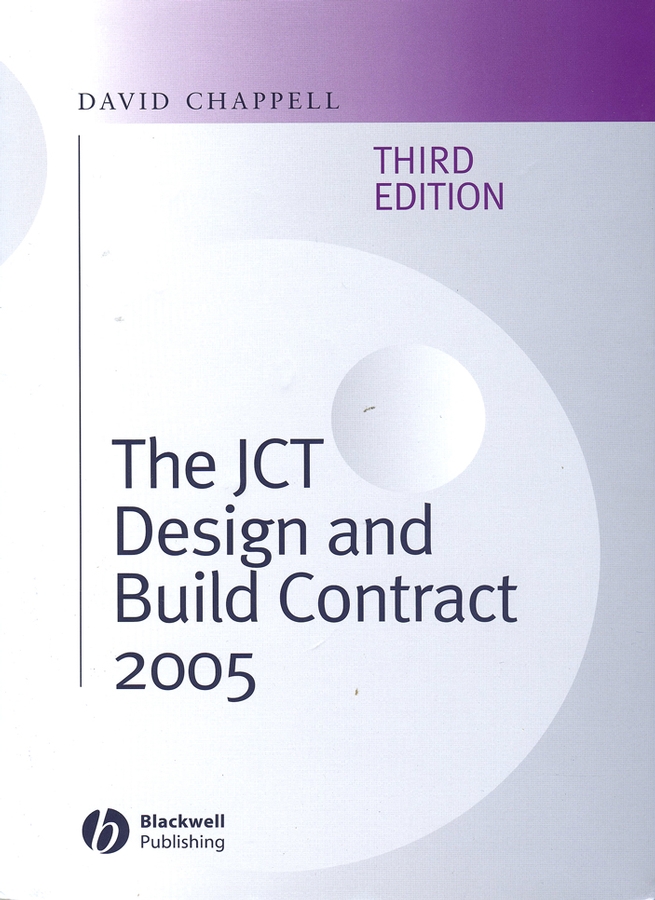
The JCT Design and Build Contract 2005 The Joint Contracts Tribunal issued a new Design and Build Form in 2005, a successor to the JCT Standard Form of Building Contract with Contractor’s Design. It looks substantially different from its predecessor and it is different in structure and often in its wording. This major new edition of David Chappell’s well regarded book has been substantially revised to take account of the new contract terms and different structure. It also considers the standard novation agreements from the CIC and City of London Law Society and more then 70 additional cases. It discusses areas where problems frequently arise: the allocation of design responsibility discrepancies the role of the employer’s agent payment provisions the approval of drawings TECHNOLOGY & ENGINEERING,Civil,General

Understanding the Construction Client This book breaks new ground by creating a framework to understand clients’ actions and needs. Most construction management books focus on improving the construction process; this one focuses on a better engagement with the client. It challenges conceptions of both the construction industry and clients’ businesses so that a more effective process and greater client satisfaction can be achieved. The book suggests that ‘buildings are not about building but about changing and developing the client’. The technical, organisational and psychological aspects of this are described and analysed in detail so that current experience can be explained and better practice determined. The book offers well-researched information about clients in a number of sectors - developers, supermarkets, NHS, government, airports and housing associations - which will help you understand what these client’s business or service needs are and how construction fits into this. It demonstrates how to develop an appreciation of the client’s perspective with a toolkit for ensuring successful client engagement. This makes Understanding the Construction Client a user-friendly and practical guide, as well as significant text for academia. TECHNOLOGY & ENGINEERING,Civil,General
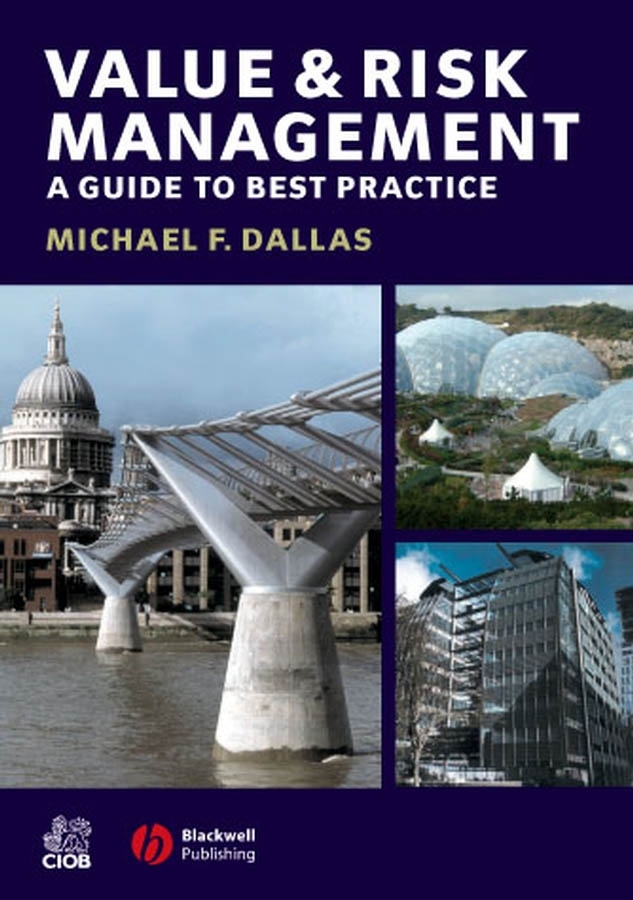
Value and Risk Management Published on behalf of the Chartered Institute of Building and endorsed by a range of construction industry institutes, this book explains the underlying concepts of value and risk, and how they relate to one another. It describes the different issues to be addressed in a variety of circumstances and at all stages of a project's life and reviews a number of commonly used and effective techniques, showing how these may be adapted to suit individuals' styles and circumstances. * Published on behalf of the Chartered Institute of Building with cross-industry institutional support * Combines value and risk management which are often considered, wrongly, in isolation * Makes a complicated subject accessible to a wide audience of construction practitioners * Features checklists and proformas to aid implementation of best practice * Author has extensive practical experience of the subject TECHNOLOGY & ENGINEERING,Civil,General
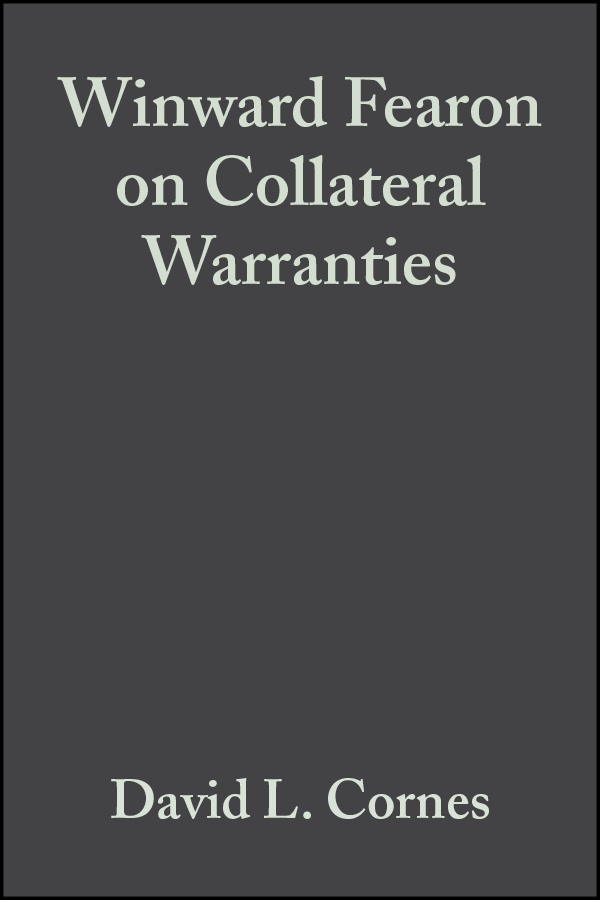
Winward Fearon on Collateral Warranties Since this book was first published over ten years ago, collateral warranties have been used increasingly by funding institutions, building purchasers and tenants to create a contractual relationship between themselves and other parties involved in the project, whether architect, engineer, contractor or subcontractor. Indeed, collateral warranties are now being used to create primary contractual obligations. There have been some immensely important developments in the law relating to collateral warranties since the first edition. The Contracts (Rights of Third Parties) Act 1999 has introduced radical new developments into English contract law. The book now includes a completely new chapter on the legislation, which also looks at the potential practical uses of the Act on development projects. The House of Lords has handed down a number of key decisions recently on third party remedies and on the principles relating to damages on assignment (such as Linden Gardens, Panatown, Henderson v. Merrett Syndicates and White v. Jones). These and some 65 other new cases are considered in the new edition. Finally, a number of standard forms of warranty have been issued and these are now discussed, in particular the new JCT standard form of warranty for main contractors and subcontractors. This immensely important book was widely welcomed when it was first published. The new edition has been thoroughly updated and will continue to be the authoritative reference on the subject. "David Cornes and Richard Winward's book is a veritable mine of such information and is eminently readable" Construction News 16/05/02 "For those of you working in construction, managing building or indeed other contracts, you must have at least one authoritative source of advice and information. If this is your area of work, then this is your book" Building Engineer, July 2002 TECHNOLOGY & ENGINEERING,Civil,General
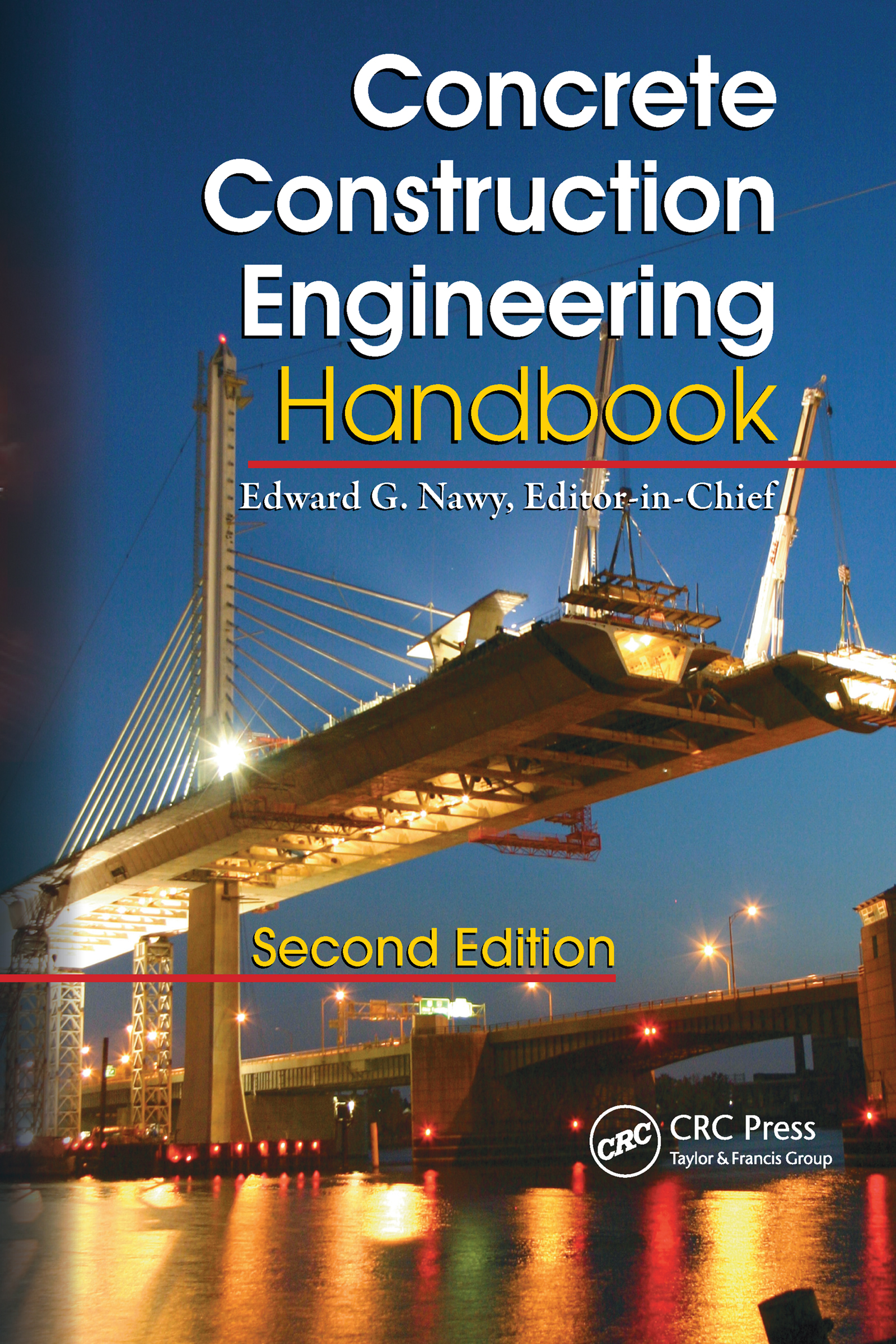
Concrete Construction Engineering Handbook The first edition of this comprehensive work quickly filled the need for an in-depth handbook on concrete construction engineering and technology. Living up to the standard set by its bestselling predecessor, this second edition of the Concrete Construction Engineering Handbook covers the entire range of issues pertaining to the construction TECHNOLOGY & ENGINEERING,Civil,General
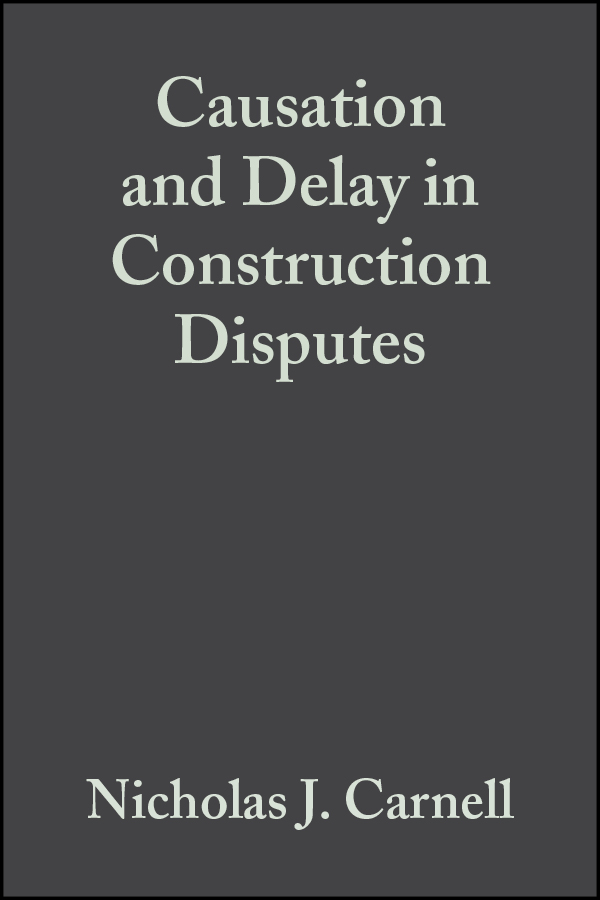
Causation and Delay in Construction Disputes Building contract claims for more time on projects represent one of the largest sources of dispute within the industry. However, identifying the causes of delays, and the effects they have on the project, is often difficult and the burden on the party seeking to prove delay is a heavy one. This book provides the construction professional with an analysis of how construction projects become delayed, the practical measures which can be taken to avoid such delays, and how the parties can protect their positions in the face of delays. It goes on to look at the requirements for producing a successful claim. It provides a straightforward guide to the legal issues, and also considers how the effects of delays can most practically be addressed. The Second Edition takes account of new case law since 1999, and has new sections on adjudication, risk allocations and the Society of Construction Law Delay Protocol. Very well received when it was first published, the book is aimed particularly at contractors, project managers and senior surveyors, but will also be of interest to construction lawyers. TECHNOLOGY & ENGINEERING,Civil,General

Lean Six Sigma Using SigmaXL and Minitab Effectively Execute Lean Six Sigma Projects using SigmaXL and Minitab Written by a Six Sigma Master Black Belt and a Ph.D., this practical guide to Lean Six Sigma project execution follows the DMAIC (Define, Measure, Analyze, Improve, and Control) roadmap. The many real-world examples used in the book offer in-depth theoretical analyses and are implemented using the two most popular statistical software suites--SigmaXL and Minitab. This expert resource covers Lean topics ranging from basic data analysis to complex design of experiments and statistical process control. Harness the power of SigmaXL and Minitab and enable sustained positive operational results throughout your organization with help from this authoritative guide. Lean Six Sigma Using SigmaXL and Minitab explains how to: Define the project goals, project manager, value statement, stakeholders, and risk Schedule tasks using the Gantt chart, critical path analysis, and program evaluation and review technique Capture the voice of internal and external customers Assess the cost of quality Gather data and measure process performance Perform process capabilities analysis Apply Lean Six Sigma metrics to determine baseline performance Implement analysis techniques such as Pareto analysis, value stream mapping, failure mode and effect analysis (FMEA), and regression analysis Identify constraints via factorial experiments, and implement process improvements Monitor production performance using statistical process control TECHNOLOGY & ENGINEERING,Civil,General
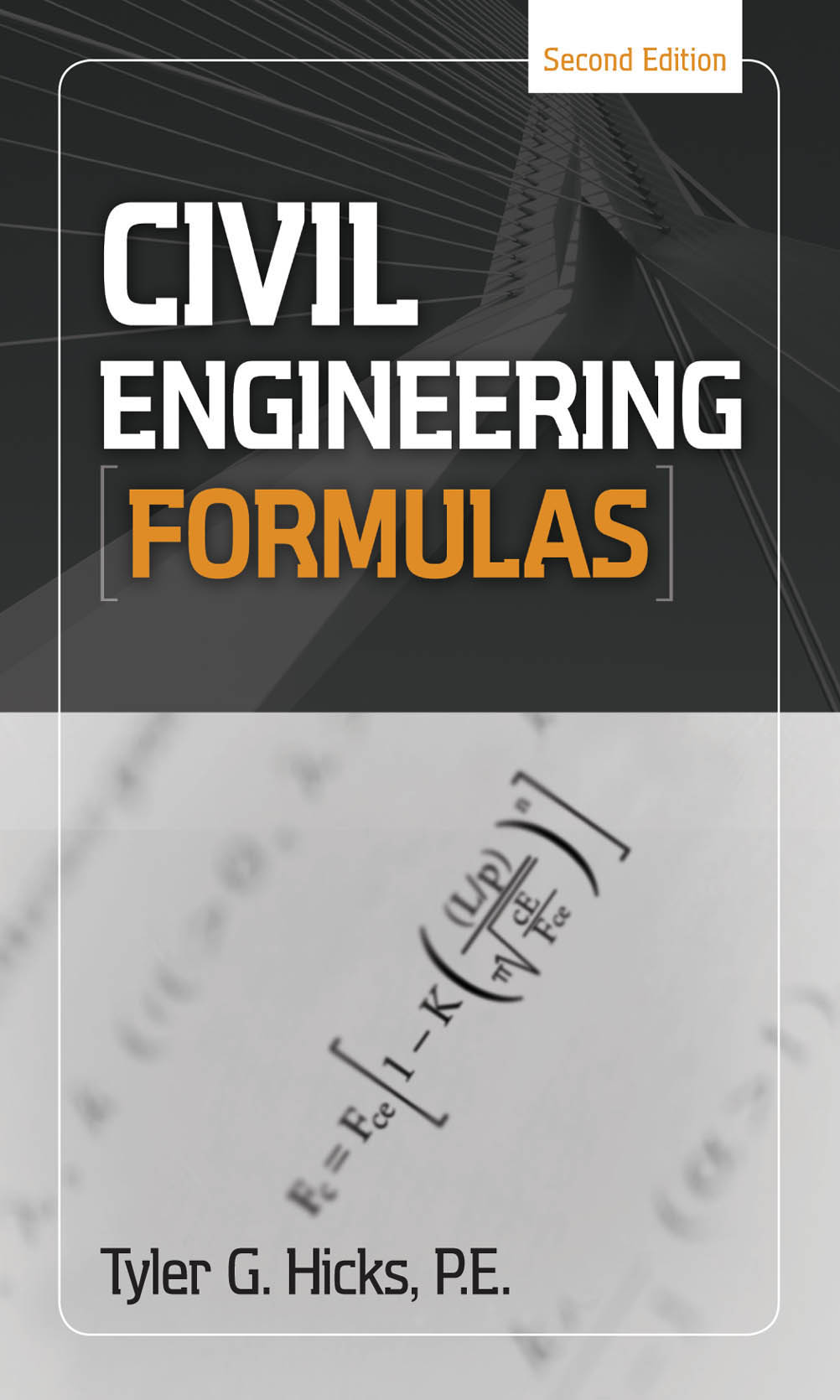
Civil Engineering Formulas Instant Access to Civil Engineering Formulas Fully updated and packed with more than 500 new formulas, this book offers a single compilation of all essential civil engineering formulas and equations in one easy-to-use reference. Practical, accurate data is presented in USCS and SI units for maximum convenience. Follow the calculation procedures inside Civil Engineering Formulas, Second Edition, and get precise results with minimum time and effort. Each chapter is a quick reference to a well-defined topic, including: Beams and girders Columns Piles and piling Concrete structures Timber engineering Surveying Soils and earthwork Building structures Bridges and suspension cables Highways and roads Hydraulics, drams, and waterworks Power-generation wind turbines Stormwater Wastewater treatment Reinforced concrete Green buildings Environmental protection TECHNOLOGY & ENGINEERING,Civil,General

Fluid Power Engineering Develop high-performance hydraulic and pneumatic power systems Design, operate, and maintain fluid and pneumatic power equipment using the expert information contained in this authoritative volume. Fluid Power Engineering presents a comprehensive approach to hydraulic systems engineering with a solid grounding in hydrodynamic theory. The book explains how to create accurate mathematical models, select and assemble components, and integrate powerful servo valves and actuators. You will also learn how to build low-loss transmission lines, analyze system performance, and optimize efficiency. Work with hydraulic fluids, pumps, gauges, and cylinders Design transmission lines using the lumped parameter model Minimize power losses due to friction, leakage, and line resistance Construct and operate accumulators, pressure switches, and filters Develop mathematical models of electrohydraulic servosystems Convert hydraulic power into mechanical energy using actuators Precisely control load displacement using HSAs and control valves Apply fluid systems techniques to pneumatic power systems TECHNOLOGY & ENGINEERING,Civil,General
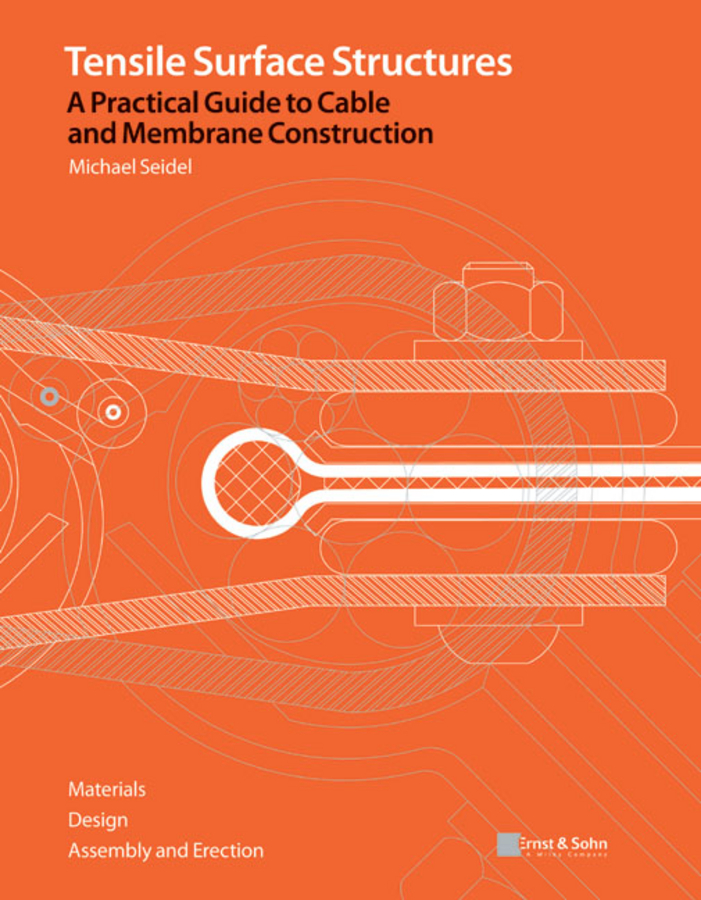
Tensile Surface Structures Tensile surface structures are the visual expression of an intensive rethinking of the topic of building envelopes by designers. Advances in design methods, materials, construction elements and assembly and erection planning in the field of lightweight construction are enabling ever more exacting applications of tensile structures with envelope and structural functions, especially in roofing over large clear spans without internal support. However, the particular mechanical characteristics of the materials used in the construction of textile structures demand consideration of the question of "buildability". This book provides answers by discussing the fundamental influence of material manufacture and assembly in deciding the most suitable type of building or structure and its detailing in the design process. The fundamentals of material composition, manufacturing process, patterning and the behaviour of flexible structural systems are all explained here, as well as their use as structural and connection elements, and special attention is given to the erection of wide-span lightweight structures. The erection equipment is described, as well as the lifting and tensioning process and the construction methods used to erect the characteristic types of tensile structures, illustrated with a selection of example projects. Forword by Werner Sobek. TECHNOLOGY & ENGINEERING,Civil,General
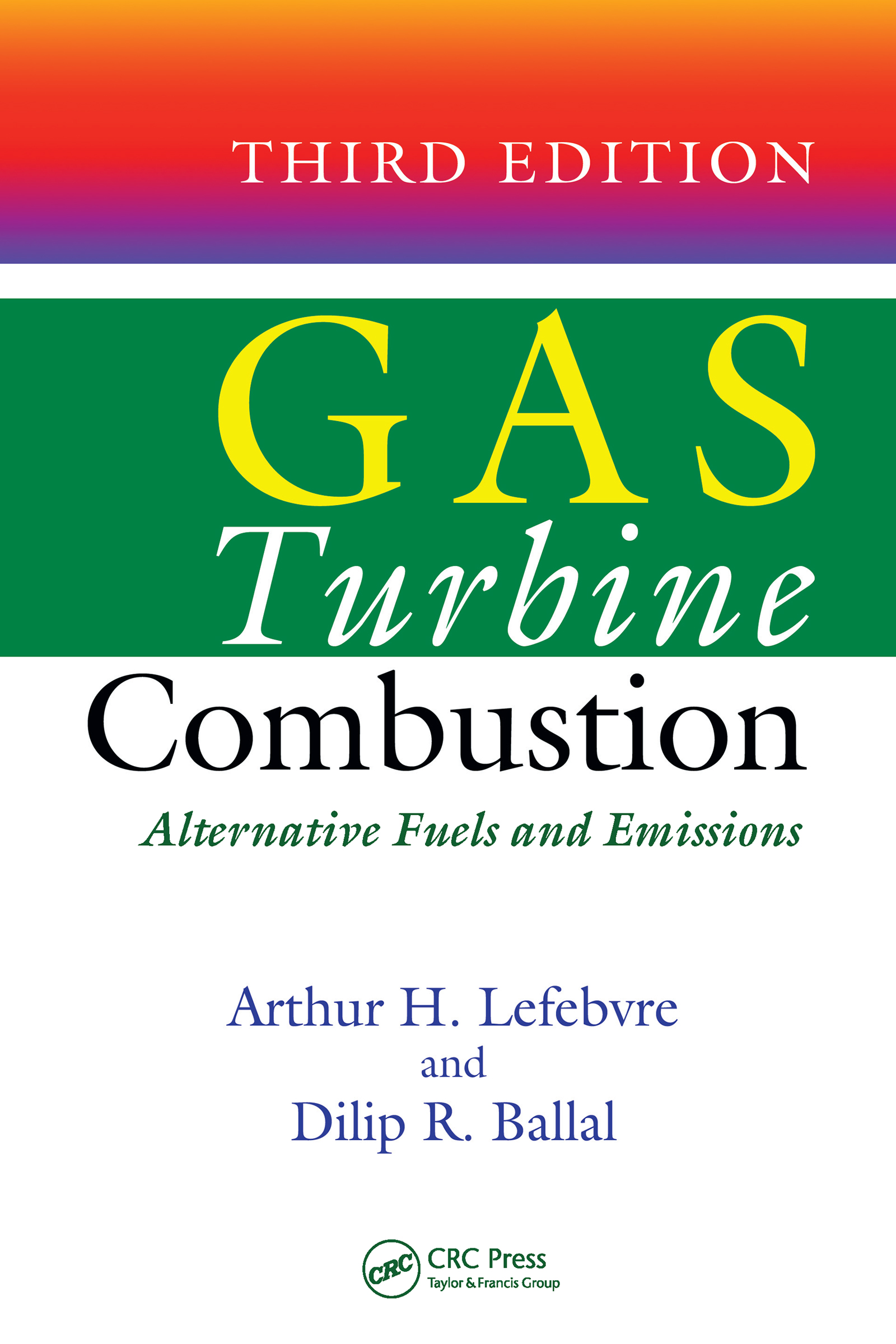
Gas Turbine Combustion Reflecting the developments in gas turbine combustion technology that have occurred in the last decade, Gas Turbine Combustion: Alternative Fuels and Emissions, Third Edition provides an up-to-date design manual and research reference on the design, manufacture, and operation of gas turbine combustors in applications ranging from aeronautical to po TECHNOLOGY & ENGINEERING,Civil,General

Water and Wastewater Engineering An In-Depth Guide to Water and Wastewater Engineering This authoritative volume offers comprehensive coverage of the design and construction of municipal water and wastewater facilities. The book addresses water treatment in detail, following the flow of water through the unit processes and coagulation, flocculation, softening, sedimentation, filtration, disinfection, and residuals management. Each stage of wastewater treatment--preliminary, secondary, and tertiary--is examined along with residuals management. Water and Wastewater Engineering contains more than 100 example problems, 500 end-of-chapter problems, and 300 illustrations. Safety issues and operation and maintenance procedures are also discussed in this definitive resource. Coverage includes: Intake structures and wells Chemical handling and storage Coagulation and flocculation Lime-soda and ion exchange softening Reverse osmosis and nanofiltration Sedimentation Granular and membrane filtration Disinfection and fluoridation Removal of specific constituents Drinking water plant residuals management, process selection, and integration Storage and distribution systems Wastewater collection and treatment design considerations Sanitary sewer design Headworks and preliminary treatment Primary treatment Wastewater microbiology Secondary treatment by suspended and attached growth biological processes Secondary settling, disinfection, and postaeration Tertiary treatment Wastewater plant residuals management Clean water plant process selection and integration TECHNOLOGY & ENGINEERING,Civil,General
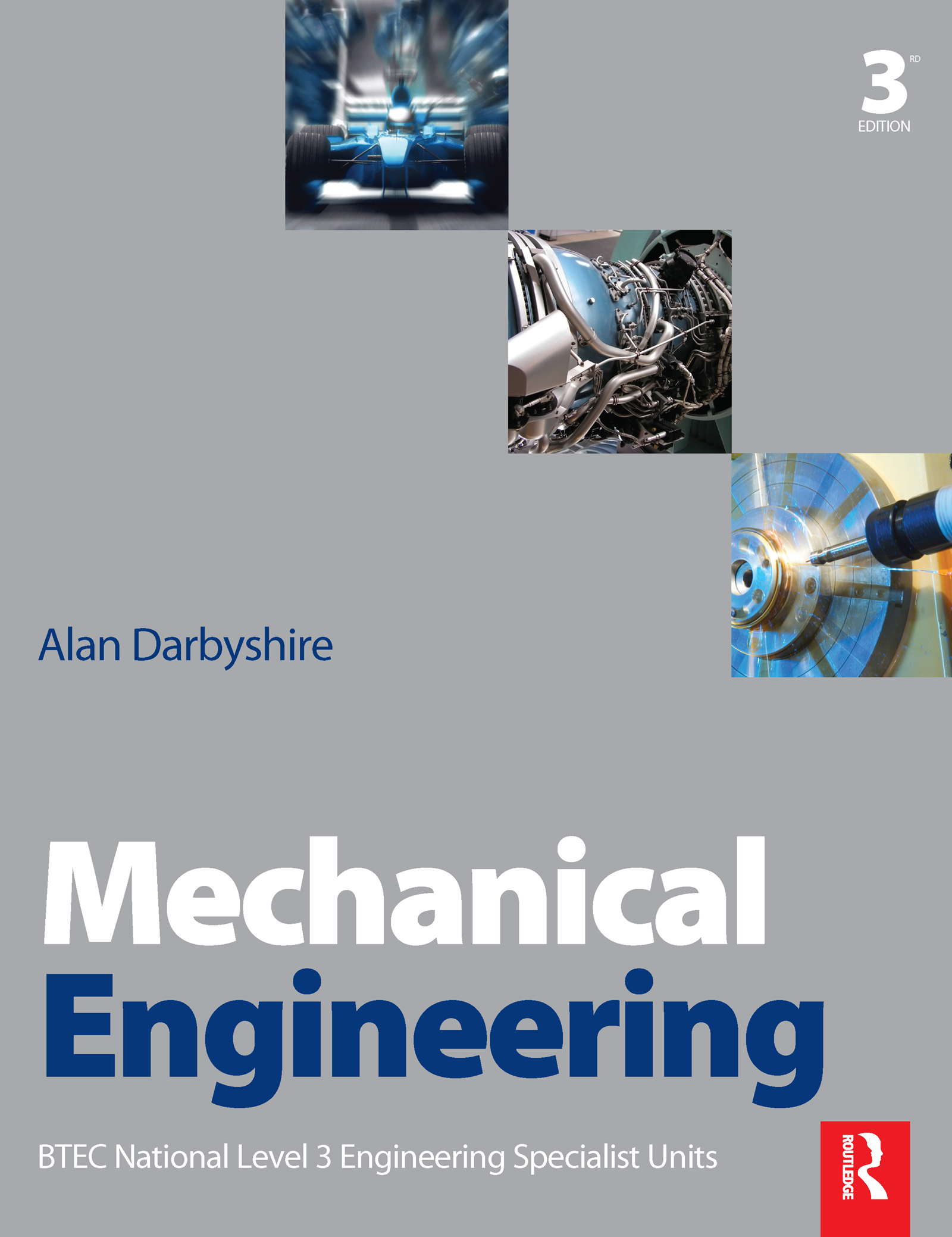
Mechanical Engineering First Published in 2010. Routledge is an imprint of Taylor & Francis, an informa company. TECHNOLOGY & ENGINEERING,Civil,General
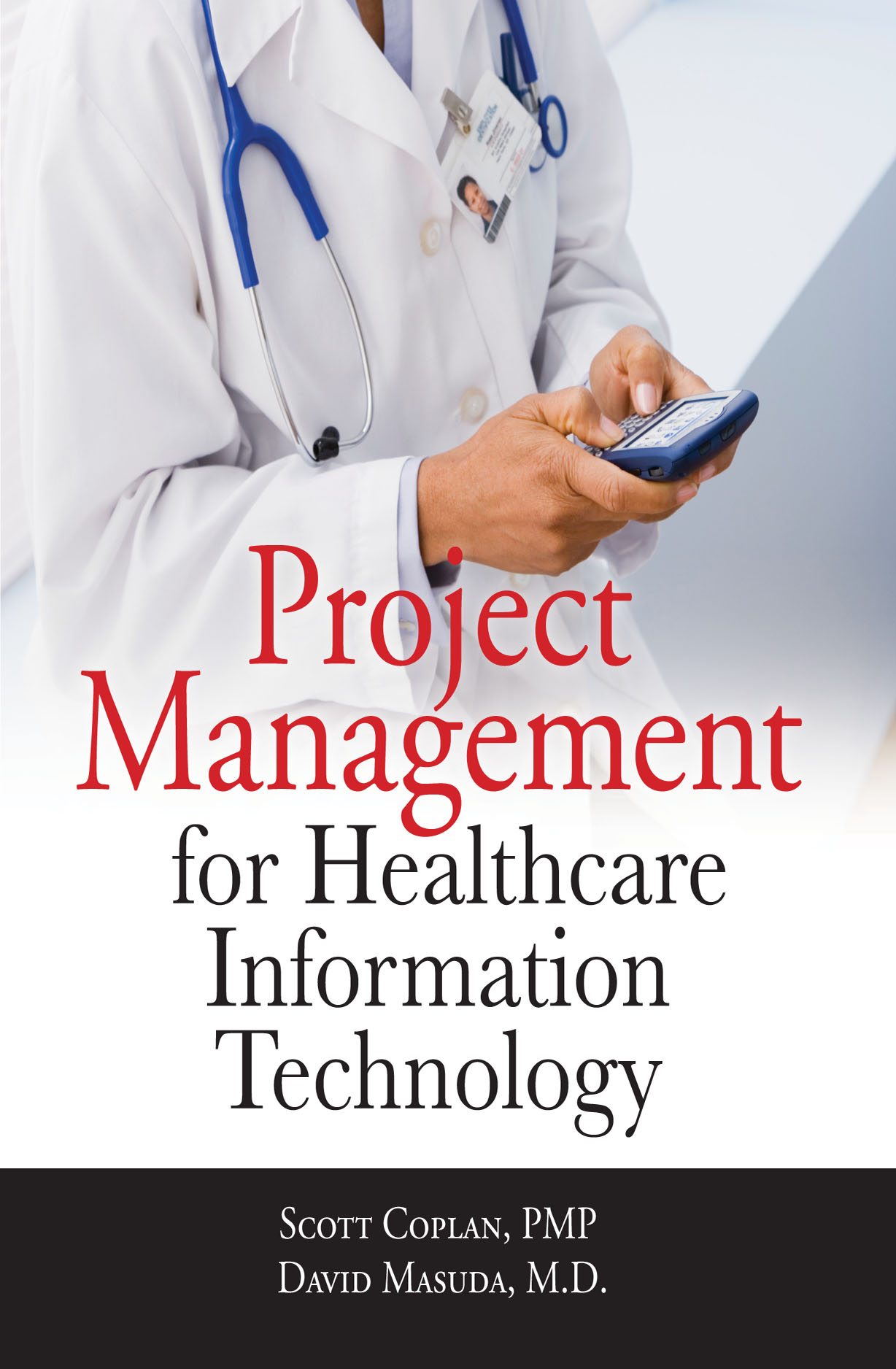
Project Management for Healthcare Information Technology A Proven, Integrated Healthcare Information Technology Management Solution Co-written by a certified Project Management Professional and an M.D., Project Management for Healthcare Information Technology presents an effective methodology that encompasses standards and best practices from project management, information technology management, and change management for a streamlined transition to digital medicine. Each management discipline is examined in detail and defined as a set of knowledge areas. The book then describes the core processes that take place within each knowledge area in the initiating, planning, executing, controlling, and closing stages of a project. Real-world examples from healthcare information technology project leaders identify how the integrated approach presented in this book leads to successful project implementations. Coverage Includes: Integrating project, information technology, and change management methodologies PMBOK Guide process groups--initiating, planning, executing, controlling, and closing Project management knowledge areas--integration, scope, time, cost, quality, human resource, communication, risk, and procurement management IT management knowledge areas--user requirements, infrastructure, conversion, software configuration, workflow, security, interface, testing, cutover, and support management Change management knowledge areas--realization, sponsorship, transformation, training, and optimization management TECHNOLOGY & ENGINEERING,Civil,General
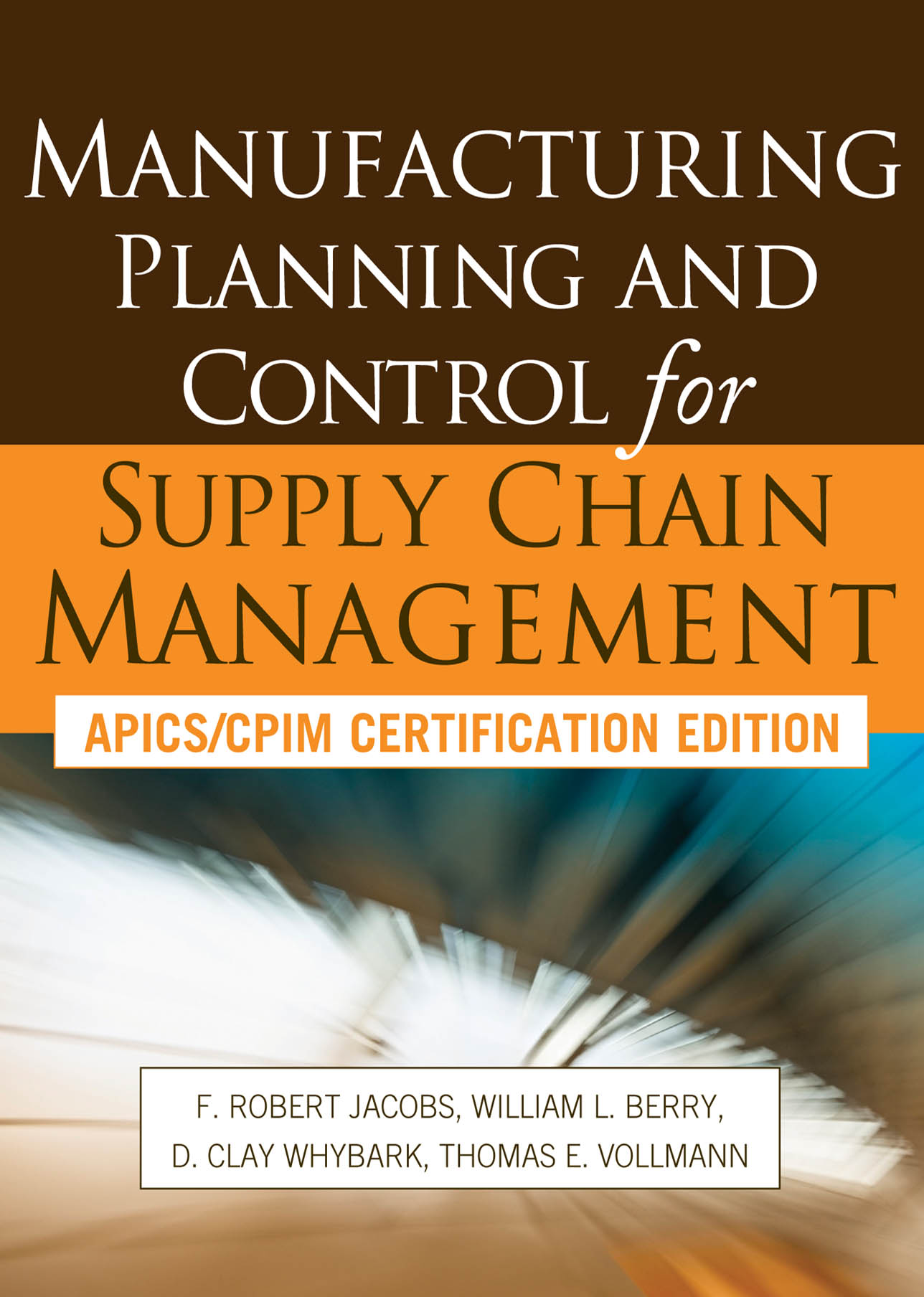
Manufacturing Planning and Control for Supply Chain Management The definitive guide to manufacturing planning and control--FULLY REVISED AND UPDATED FOR THE CPIM EXAM Improve supply chain effectiveness, productivity, customer satisfaction, and profitability with help from this authoritative resource. Completely up-to-date, Manufacturing Planning and Control for Supply Chain Management: APICS/CPIM Certification Edition offers comprehensive preparation for the challenging CPIM exam with hundreds of practice exam questions and detailed case studies. In-depth coverage of manufacturing planning and control (MPC) best practices and the latest research gives you the competitive advantage in today's global manufacturing environment, and helps you to obtain the coveted CPIM designation. Covers the state of the art in manufacturing, including: Manufacturing planning and control Enterprise resource planning Demand management Forecasting Sales and operations planning Master production scheduling Material requirements planning Capacity planning and management Production activity control Advanced scheduling Just-in-time Distribution requirements planning Management of supply chain logistics Order point inventory control methods Strategy and MPC system design TECHNOLOGY & ENGINEERING,Civil,General
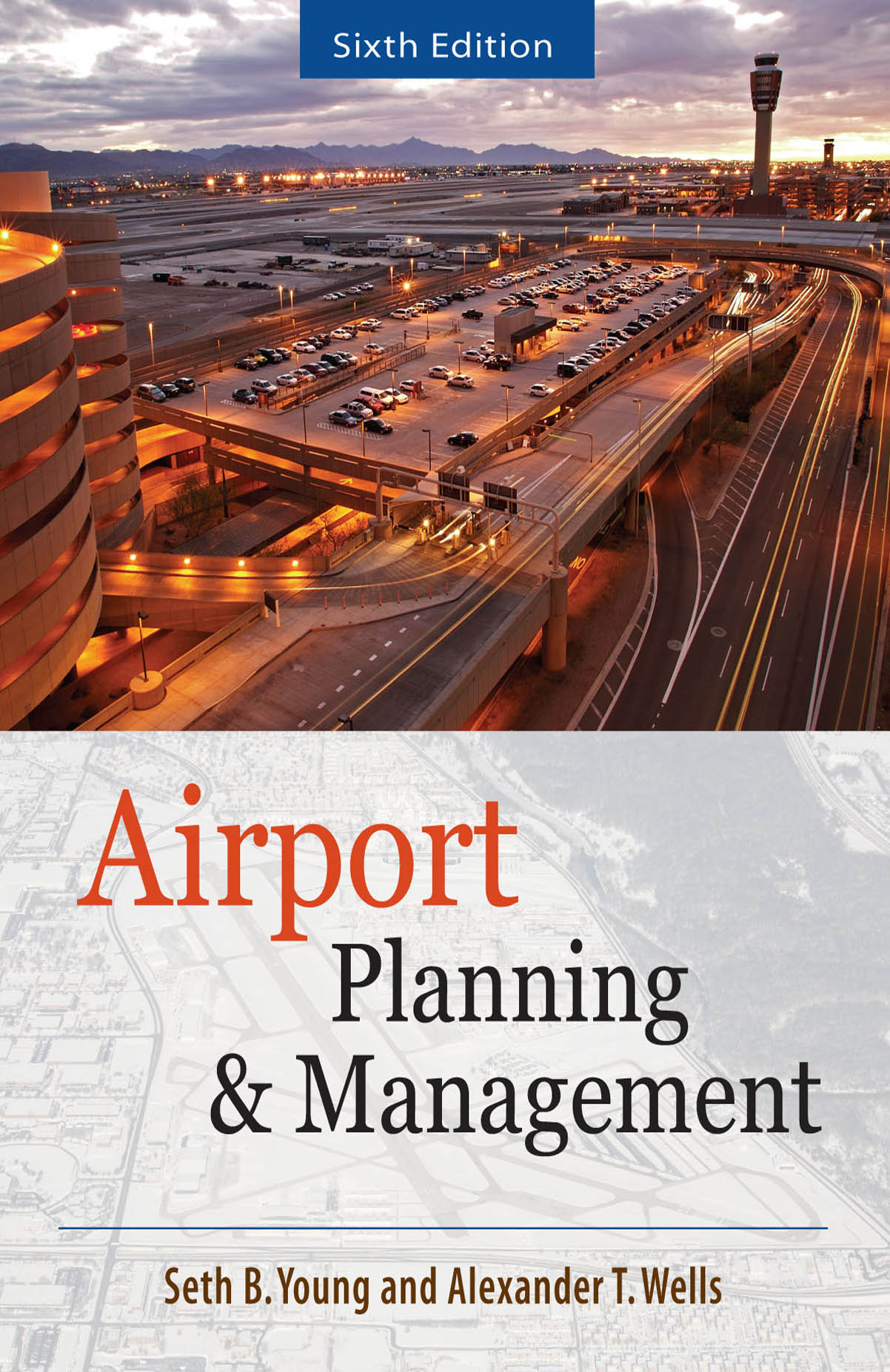
AIRPORT PLANNING AND MANAGEMENT 6/E The definitive, up-to-date guide to airport planning and management Fully revised, updated, and reorganized to reflect the latest advances in the aviation industry, Airport Planning and Management, Sixth Edition offers comprehensive coverage of this challenging field. Airports, airport systems, operations management, and administration are discussed in detail. This authoritative volume addresses changes in technology, structure, and political environment, including enhanced security, environmental impact, and regulatory issues. The Sixth Edition of this landmark guide to the planning, development, and management of airports is ideal as a course text, self-study tool, and professional reference. Coverage includes: Introduction to airports and airport systems Airport and airport systems: organization and administration Historical and legislative perspectives The airfield Airspace and air traffic management Airport operations management under FAR Part 139 Airport terminals and ground access Airport security Airport financial management Economic, political, and social role of airports Airport planning Airport capacity and delay The future of airport management TECHNOLOGY & ENGINEERING,Civil,General
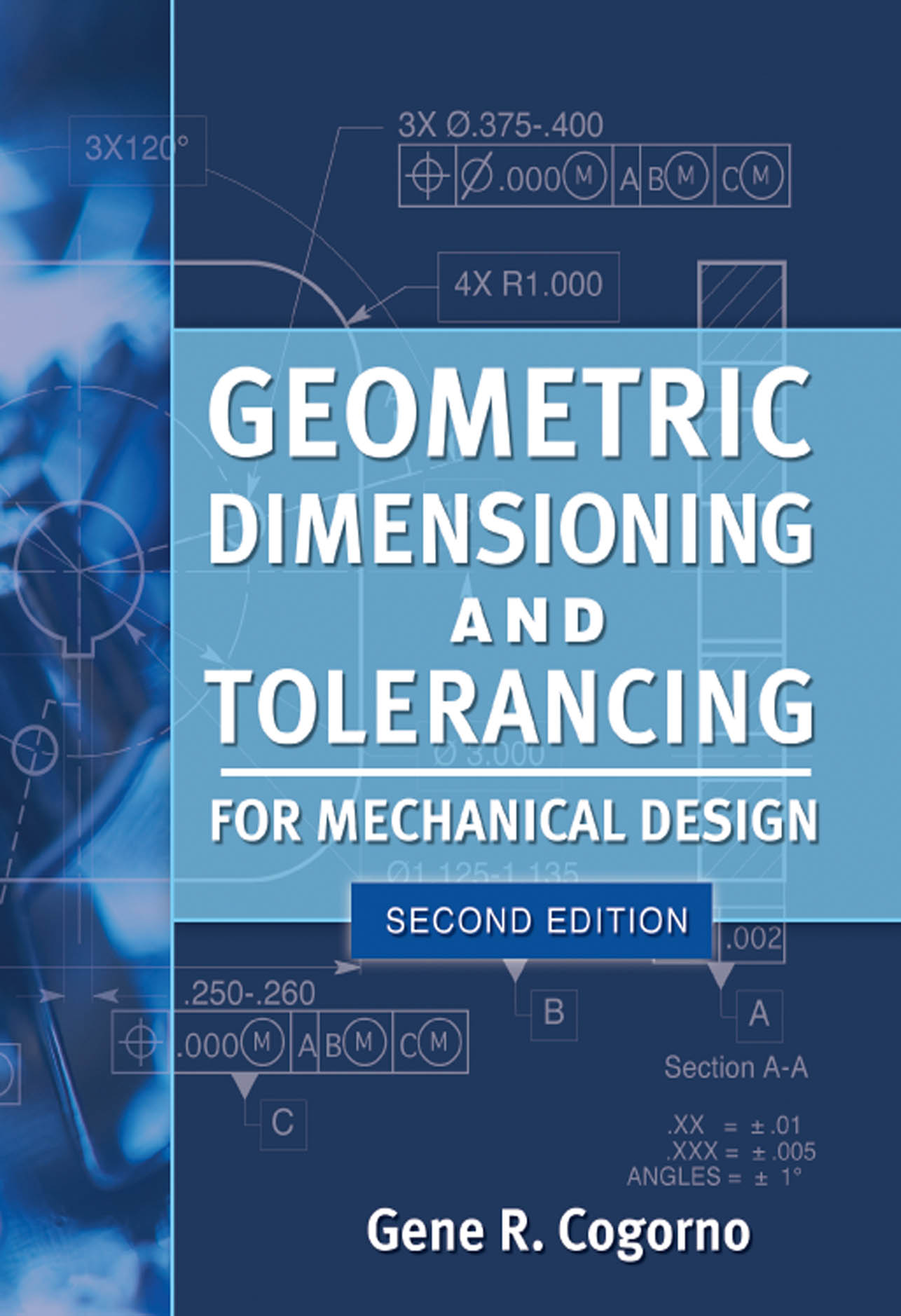
Geometric Dimensioning and Tolerancing for Mechanical Design 2/E AN UP-TO-DATE GUIDE TO GEOMETRIC DIMENSIONING AND TOLERANCING Written in accordance with the latest revision of the geometric dimensioning and tolerancing (GD&T) stanedard, ASME Y14.5-2009, this book teaches the principles and practical applications of GD&T in an easy-to-understand manner. Geometric Dimensioning and Tolerancing for Mechanical Design, Second Edition, begins the discussion of each control with a definition, and then describes how the control is specified, interpreted, and inspected. Detailed drawings illustrate the topics discussed. Study questions and problems at the end of each chapter emphasize key concepts and serve as a self-test. Ensure the proper assembly of parts, improve quality, and reduce costs with help from this authoritative resource. Coverage includes: * Dimensioning and tolerancing fundamentals * Symbols, terms, and rules * Datums * Form--flatness, straightness, circularity and cylindricity * Orientation--perpendicularity, parallelism, and angularity * Position--general, location, and coaxially * Concentricity and symmetry * Runout * Profile * Graphic analysis * Strategy for tolerancing parts TECHNOLOGY & ENGINEERING,Civil,General
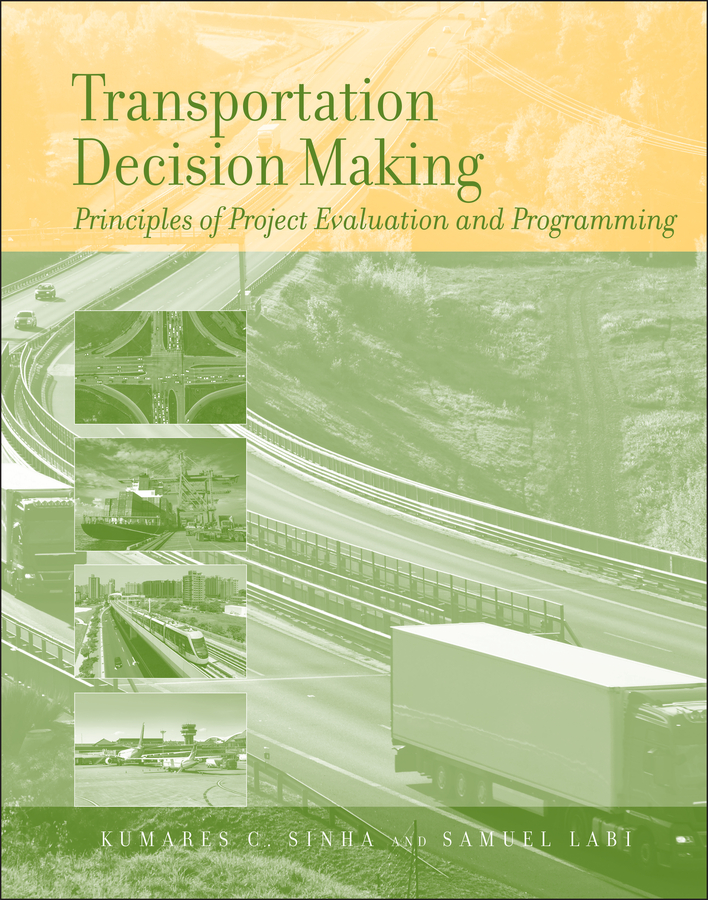
Transportation Decision Making This pioneering text provides a holistic approach to decision making in transportation project development and programming, which can help transportation professionals to optimize their investment choices. The authors present a proven set of methodologies for evaluating transportation projects that ensures that all costs and impacts are taken into consideration. The text's logical organization gets readers started with a solid foundation in basic principles and then progressively builds on that foundation. Topics covered include: Developing performance measures for evaluation, estimating travel demand, and costing transportation projects Performing an economic efficiency evaluation that accounts for such factors as travel time, safety, and vehicle operating costs Evaluating a project's impact on economic development and land use as well as its impact on society and culture Assessing a project's environmental impact, including air quality, noise, ecology, water resources, and aesthetics Evaluating alternative projects on the basis of multiple performance criteria Programming transportation investments so that resources can be optimally allocated to meet facility-specific and system-wide goals Each chapter begins with basic definitions and concepts followed by a methodology for impact assessment. Relevant legislation is discussed and available software for performing evaluations is presented. At the end of each chapter, readers are provided resources for detailed investigation of particular topics. These include Internet sites and publications of international and domestic agencies and research institutions. The authors also provide a companion Web site that offers updates, data for analysis, and case histories of project evaluation and decision making. Given that billions of dollars are spent each year on transportation systems in the United States alone, and that there is a need for thorough and rational evaluation and decision making for cost-effective system preservation and improvement, this text should be on the desks of all transportation planners, engineers, and educators. With exercises in every chapter, this text is an ideal coursebook for the subject of transportation systems analysis and evaluation. TECHNOLOGY & ENGINEERING,Civil,General
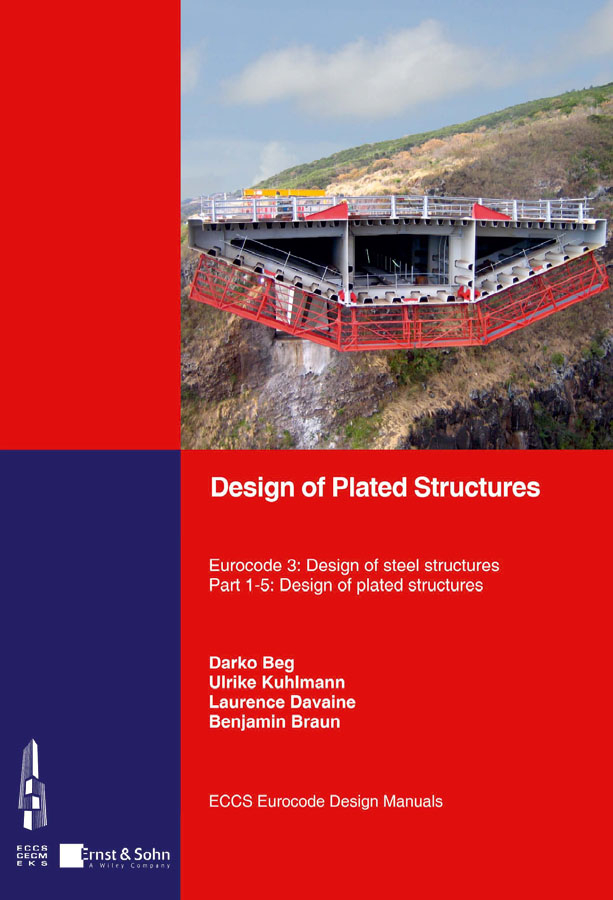
Design of Plated Structures The main aim of this book is to provide practical advice to designers of plated structures for correct and efficient application of EN 1993-1-5 design rules. In chapter 1 the purpose, the scope and the structure of the book is explained. In chapter 2 a rather detailed and commented overview of EN 1993-1-5 design rules is given following the structure of the standard. Shear lag effect as well as plate buckling problems due to direct stresses, shear forces, transverse forces and interactions of these effects are covered. This chapter also includes a reduced stress method and a finite element analysis approach to plate buckling problems. A large number of design examples illustrate the proper application of individual design rules. Chapter 3 and 4 bring two complete design examples on a crane runway and a box-girder bridge. TECHNOLOGY & ENGINEERING,Civil,General
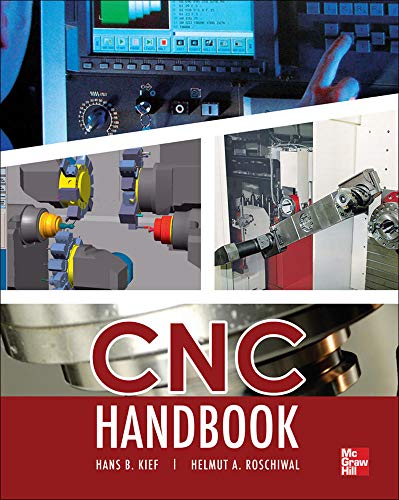
CNC Handbook Practical CNC design, construction, and operation techniques Gain a thorough understanding of computerbasednumerical control systems, components, and technologies. Featuring hundreds of color images and schematic diagrams, CNC Handbook explains machining fundamentals and shows you how to build and safely operate fully automated,technically sophisticated mechatronic equipment. Learn how to work with position controllers, accomplish rapid and precise machine motions, use CAD and CAM systems, and integrate CNC into IT networks. The latest CNC programming languages, flexible manufacturing systems, and troubleshooting methods are also discussed in this hands-on guide. CNC HANDBOOK COVERS: Open- and closed-loop control systems Programmable logic controllers and switches Machine tools and machining centers Turning, milling, and grinding equipment Industrial robots and robot controllers Additive and flexible manufacturing systems Direct and distributed numerical control CNC programming platforms and languages Close-to-process production measurement TECHNOLOGY & ENGINEERING,Civil,General

Lean Supply Chain and Logistics Management "The documented benchmarks for success and the many examples help explicate the complexities for the reader. The book is organized and written so that it will be useful as an introduction to the field and also as a reference when special challenges arise for the practicing manager." -- DR. JOHN J. COYLE, Professor Emeritus of Logistics and Supply Chain Management, Department of Supply Chain and Information Systems, Smeal College of Business, Pennsylvania State University "The book is a must-read for all supply chain managers seeking to drive down costs and improve profits and must be read before any investment is made in your supply chain. Get copies for your controller and all senior managers...this book lays it all out." -- DR. RICHARD LANCIONI, Chair, Marketing & Supply Chain Management, Fox School of Business, Temple University Expert Strategies for Improving Supply Chain and Logistics Performance Using Lean This practical guide reveals how to identify and eliminate waste in your organization's supply chain and logistics function. Lean Supply Chain and Logistics Management provides explanations of both basic and advanced Lean tools, as well as specific Lean implementation opportunities. The book then describes a Lean implementation methodology with critical success factors. Real-world examples and case studies demonstrate how to effectively use this powerful strategy to realize significant, long-term improvements and bottom-line savings. COVERAGE INCLUDES: * Using Lean to energize your supply chain * The eight wastes * Lean opportunities and JIT in supply chain and logistics * Lean tools and warehouse * Global lean supply chain and logistics * Lean opportunity assessment, value stream mapping, and Kaizen event management * Best-in-class use of technology with Lean * Metrics and measurement * Education and training Valuable training slides are available for download. TECHNOLOGY & ENGINEERING,Civil,General
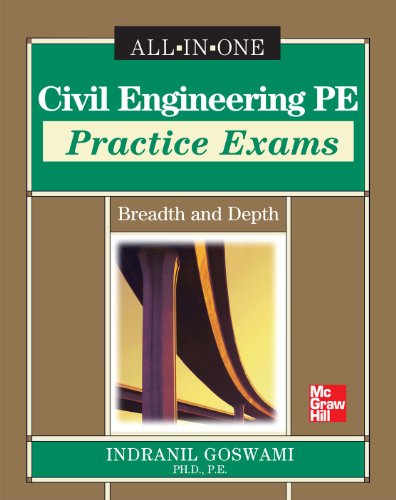
Civil Engineering PE Practice Exams Don't Let the Real Test Be Your First Test! Presented in the Breadth and Depth format of the actual exam, this comprehensive guide is filled with hundreds of realistic practice questions based on the Principles and Practice of Civil Engineering (PE-CIVIL) exam, given by the National Council of Examiners for Engineering and Surveying (NCEES). Detailed solutions, including equations and diagrams, are provided for every question. Civil Engineering PE Practice Exams offers intensive test preparation and is the perfect companion to Civil Engineering PE All-in-One Exam Guide. COVERS ALL EXAM TOPICS, INCLUDING: Structural: materials, member design, design criteria Geotechnical: soil mechanics, foundations, excavation, seismic issues Water resources and environmental: hydraulics, hydrology, water supply and quality, wastewater treatment Transportation: capacity analysis, planning, freeways, multilane highways Construction: scheduling, estimating, quality control, safety TECHNOLOGY & ENGINEERING,Civil,General

Gemba Kaizen The definitive, fully up-to-date guide to continuous improvement in the workplace "An updated version of a classic book that shares a wealth of new healthcare examples and case studies from around the world. The methods in this book will help you improve quality and safety, reduce waiting times, and improve the long-term financial position of your organization. Highly recommended!" --Mark Graban, author of Lean Hospitals and coauthor of Healthcare Kaizen "Every business faces the iron triangle of quality, cost, and delivery. Conventional thinking claims you cannot have all three. Not only does Mr. Imai turn that thinking on its head, but he shows you exactly how to do it." -- Matthew E. May, author of The Elegant Solution and The Laws of Subtraction "Masaaki Imai has done it again. The second edition of his famous book not only describes all the tools necessary for any type of business to implement a lean strategy but also includes a large number of excellent case studies." -- Art Byrne, author of The Lean Turnaround Written by Masaaki Imai, pioneer of modern business operational excellence and founder of the Kaizen Institute, Gemba Kaizen, Second Edition is an in-depth revision of this renowned, bestselling work. The book reveals how to implement cost-effective, incremental improvements in your most critical business processes. Global case studies from a wide range of industries demonstrate how gemba kaizen has been successfully used to: Maximize capacity and reduce inventory at Unga Limited, one of Kenya's largest flour-milling operations Change the IT culture at Achmea, a large European insurance firm Exceed customer expectations at Walt Disney World in the United States Improve quality at Inoue Hospital in Japan Transform retail processes at Sonae MC, Portugal's largest employer Practice daily kaizen at Tork Ledervin, a weaving plant in Brazil Stamp out muda at Sunclipse, an industrial packaging distributor in the United States Manage quality improvement by total workforce involvement at Xuji Group Corporation, an electrical manufacturer in China Implement gemba kaizen at many other companies worldwide To thrive in today's competitive global economy, organizations need to operate more effectively and profitably than ever before. Developing problem solvers, increasing productivity, improving quality, and reducing waste are essential success factors. Proven strategies for achieving these goals are included in this pioneering guide. This comprehensive resource offers detailed coverage of important gemba kaizen topics, including: Quality, cost, and delivery in the gemba The five steps of workplace organization Identifying and eliminating muda--any non-value-adding activity Visual management Supervisors' roles in the lean workplace Gemba managers' roles and accountability in sustaining high performance Just-in-time and total flow management The CEO’s role in leading a kaizen culture The methods presented in Gemba Kaizen, Second Edition reveal that when management focuses on implementing kaizen (incremental, continuous improvement) in the gemba (the worksite) unique opportunities can be discovered for increasing the success and profitability of any organization. TECHNOLOGY & ENGINEERING,Civil,General
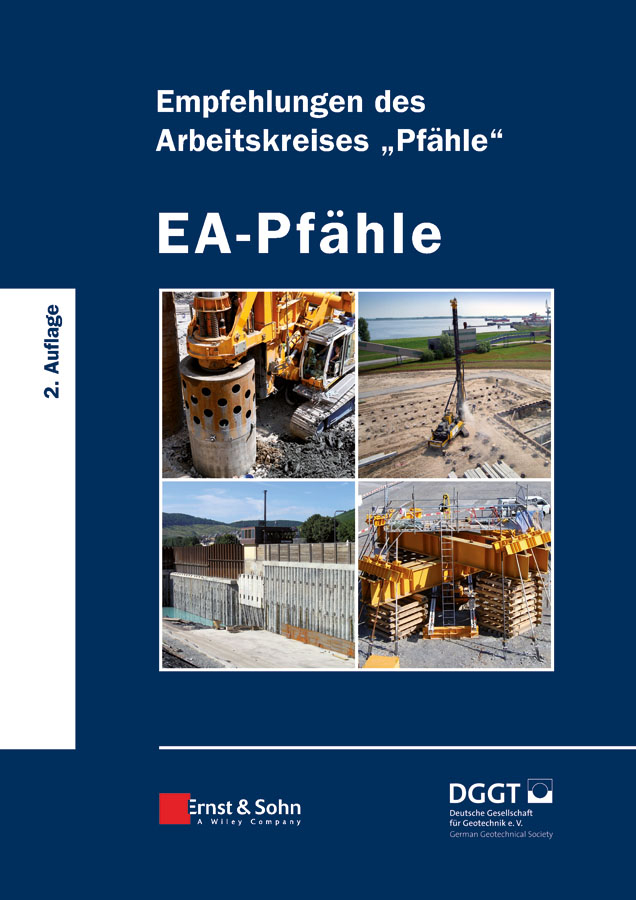
EA-Pfähle This handbook provides a complete overview of pile systems and their application and production. It shows their analysis based on the new safety concept providing numerous examples for single piles, pile grids and groups. These recommendations are considered rules of engineering. TECHNOLOGY & ENGINEERING,Civil,General

Water Treatment Plant Design, Fifth Edition THE MOST TRUSTED AND UP-TO-DATE WATER TREATMENT PLANT DESIGN REFERENCE Thoroughly revised to cover the latest standards, technologies, regulations, and sustainability practices, Water Treatment Plant Design, Fifth Edition, offers comprehensive guidance on modernizing existing water treatment facilities and planning new ones. This authoritative resource discusses the organization and execution of a water treatment plant project--from planning and permitting through design, construction, and start-up. A joint publication of the American Water Works Association (AWWA) and the American Society of Civil Engineers (ASCE), this defi nitive guide contains contributions from renowned international experts. COVERAGE INCLUDES: Sustainability Master planning and treatment process selection Design and construction Intake facilities Aeration and air stripping Mixing, coagulation, and flocculation Clarification Slow sand and diatomaceous earth filtration Oxidation and disinfection Ultraviolet disinfection Precipitative softening Membrane processes Activated carbon adsorption Biological processes Process residuals Pilot plant design and construction Chemical systems Hydraulics Site selection and plant arrangement Environmental impacts and project permitting Architectural design HVAC, plumbing, and air supply systems Structural design Process instrumentation and controls Electrical systems Design reliability features Operations and maintenance considerations during plant design Staff training and plant start-up Water system security and preparedness Construction cost estimating TECHNOLOGY & ENGINEERING,Civil,General
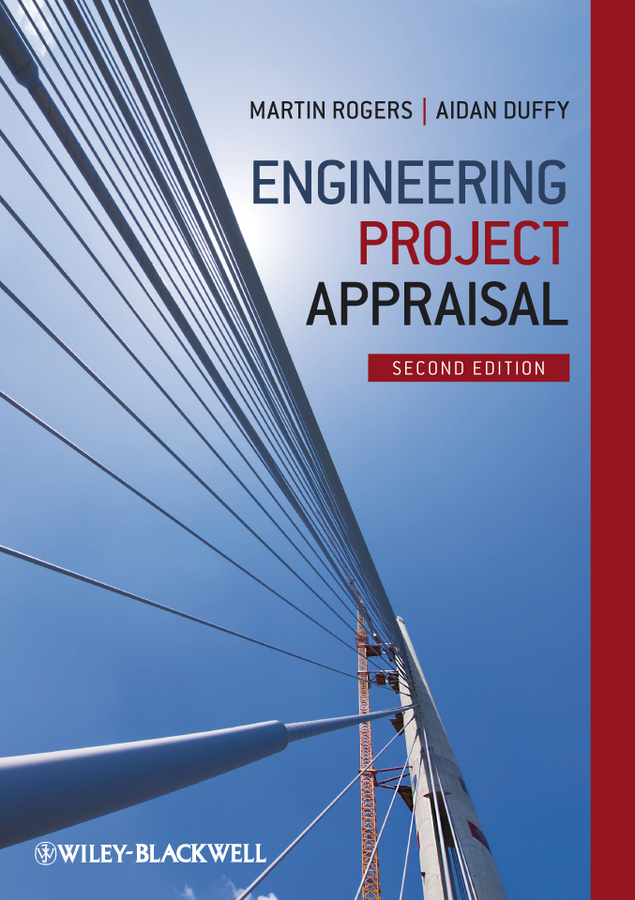
Engineering Project Appraisal In most cases of civil engineering development, a range of alternative schemes meeting project goals are feasible, so some form of evaluation must be carried out to select the most appropriate to take forward. Evaluation criteria usually include the economic, environmental and social contexts of a project as well as the engineering challenges, so engineers must be familiar with the processes and tools used. The second edition of Engineering Project Appraisal equips students with the understanding and analytical tools to carry out effective appraisals of alternative development schemes, using both economic and non-economic criteria. The building blocks of economic appraisal are covered early, leading to techniques such as net present worth, internal rate of return and annual worth. Cost Benefit Analysis is dealt with in detail, together with related methods such as Cost Effectiveness and the Goal Achievement Matrix. The text also details three multi-criteria models which have proved useful in the evaluation of proposals in the transportation, solid waste, energy and water resources fields: the Simple Additive Weighting (SAW) Model, the Analytic Hierarchy Process (AHP) technique and Concordance Analysis. There is a full discussion dealing with risk and uncertainty in these models. With many worked examples and case studies, Engineering Project Appraisal is an essential text for both undergraduate and postgraduate students on professional civil engineering courses, and it is expected that students on planning and construction management courses will find it a valuable addition to their reading. TECHNOLOGY & ENGINEERING,Civil,General

Desalination Engineering THE DEFINITIVE GUIDE TO DESALINATION PLANT OPERATION AND MAINTENANCE This Water Environment Federation and WateReuse Association publication describes state-of-the art operation, maintenance, and troubleshooting methods for reverse osmosis brackish and seawater desalination plants for municipal water supplies. All plant components are discussed in detail, from intake and pretreatment to discharge management. Best practices for maintaining plant equipment are also provided. Real-world examples illustrating the latest technologies and their practical implementation are included throughout this authoritative resource. Desalination Engineering covers: Source water open and subsurface intakes Source water pretreatment -- chemical conditioning, dissolved air flotation clarifiers, and granular media, membrane, and cartridge filters Reverse osmosis system operation Reverse osmosis system troubleshooting Post-treatment -- lime and carbon dioxide, calcite conditioning, remineralization, and disinfection Desalination plant discharge management Equipment maintenance -- pumps, air blowers, motors, bearings, valves, mechanical seals, mechanical drives, chemical feed systems, automatic samplers TECHNOLOGY & ENGINEERING,Civil,General

Public Infrastructure Asset Management, Second Edition The Latest Tools and Techniques for Managing Infrastructure Assets Fully updated throughout, this practical resource provides a proven, cost-effective infrastructure asset management framework that integrates planning, design, construction, maintenance, rehabilitation, and renovation. Public Infrastructure Asset Management, Second Edition, describes the most current methodologies for effectively managing roads, bridges, airports, utility services, water and waste facilities, parks, public buildings, and sports complexes. This comprehensive guide covers information management and decision support systems, including proprietary solutions and new technological developments such as cloud storage. The book discusses total quality management, economics, life-cycle analysis, and maintenance, rehabilitation, and reconstruction programming. Up-to-date examples and real-world case studies illustrate the practical applications of the concepts presented in this thoroughly revised reference. This new edition features: Planning, needs assessment, and performance indicators Database management, data needs, and analysis Inventory, historical, and environmental data In-service monitoring and evaluation data Performance modeling and failure analysis Design for infrastructure service life Construction Maintenance, rehabilitation, and reconstruction strategies, policies, and treatment alternatives Dealing with new or alternate concepts Prioritization, optimization, and work programs Integrated infrastructure asset management systems Visual IMS: an illustrative infrastructure management system and applications Available asset management system and commercial off-the-shelf providers Benefits of implementing an asset management system Sustainability, environmental stewardship, and asset management Future directions for infrastructure asset management TECHNOLOGY & ENGINEERING,Civil,General
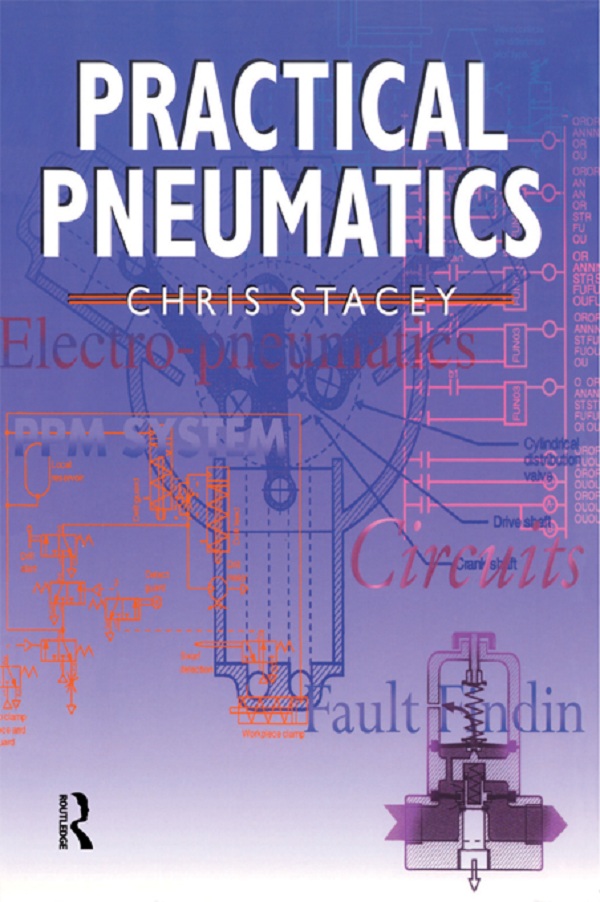
Practical Pneumatics Pneumatic power is ideal for the ever increasing range of 'light' applications in which a cheap, clean, adaptable source of power is needed. Used in conjunction with microprocessor control it forms the basis of manufacturing automation from basic conveying and handling lines to complex robotic assembly systems. Training courses and books aimed at the technician have not kept pace with these developments. This book is written to cover the British Fluid Power Association Pneumatics Certificate, which is also awarded as part of CGLI scheme 2340, and is in the process of NVQ accreditation at level 3. 'Practical Pneumatics' provides a clear and detailed discussion of pneumatic technology by tackling the principles of pneumatic components and the behaviour of air under compression, during treatment and in applications to production processes. The non-mathematical approach, the numerous detailed diagrams and the many exercises and examples explain concepts clearly and concisely and provide students with a foundation from which to develop practical competence. TECHNOLOGY & ENGINEERING,Civil,General
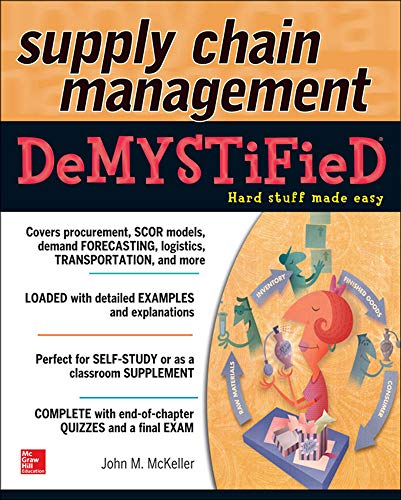
Supply Chain Management Demystified Your SOURCE for supply chain management fundamentals Optimize your understanding of the essential supply chain management practices used by the best firms to gain competitive advantage. Written in an easy-to-follow style, Supply Chain Management DeMYSTiFieD is filled with best practices and proven techniques for success. This practical guide covers supply chain collaboration, planning, strategic sourcing, manufacturing, production, logistics, risk management, and performance metrics. Corporate social responsibility is also addressed. Detailed examples and concise explanations make it easy to understand the material, and end-of-chapter quizzes and a final exam help reinforce key concepts. It's a no-brainer! You'll learn about: Creating a customer-focused strategy Buyer-supplier negotiations New product development Just in time (JIT), Lean manufacturing, and Six Sigma Transportation Global supply chains Simple enough for a beginner, but challenging enough for an advanced student, Supply Chain Management DeMYSTiFieD helps you master this essential business and quality management topic. TECHNOLOGY & ENGINEERING,Civil,General
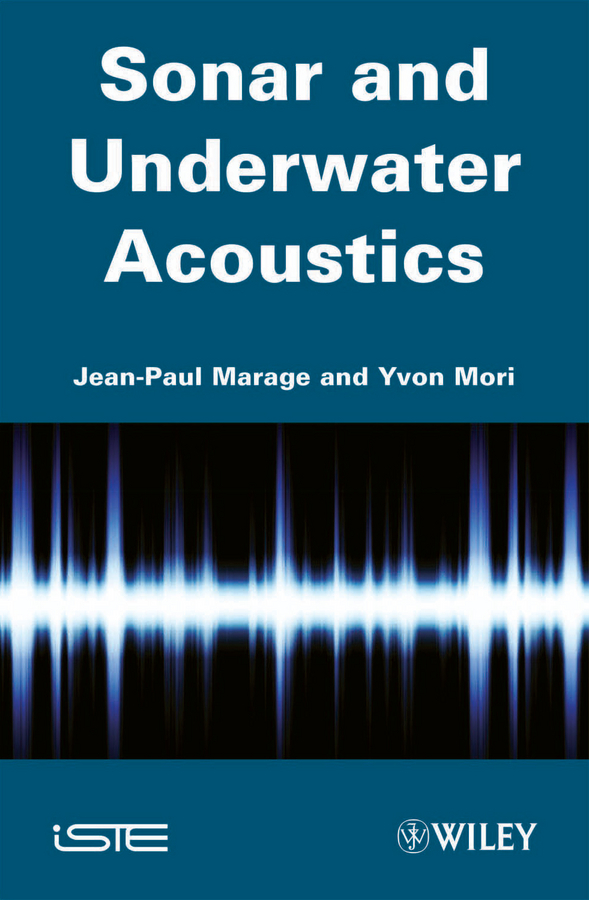
Sonar and Underwater Acoustics Sonar and Underwater Acoustics brings together all the concepts necessary for designers and users of sonar systems. Unlike other books on this subject, which are often too specialized, this book is accessible to a wider audience. The first part focuses on the acoustic environment, antenna structures, and electric acoustic interface. The latter provides knowledge required to design, as well as the development and implementation of chain processes for an active sonar from the conditioning input to output processing. The reader will find a comprehensive range of all problems encountered in underwater acoustics for a sonar application, from physical phenomena governing the environment and the corresponding constraints, through to the technical definition of transducers and antennas, and the types of signal processing involved. In one section, measures in underwater acoustics are also proposed. TECHNOLOGY & ENGINEERING,Civil,General

Recent Developments In Bridge Engineering This book contains a selected number of papers that were presented at the Second New York City Bridge Conference organized by the Bridge Engineering Association. It represents the state-of-the-art papers from different countries on a wide spectrum of topics in bridge engineering. TECHNOLOGY & ENGINEERING,Civil,General
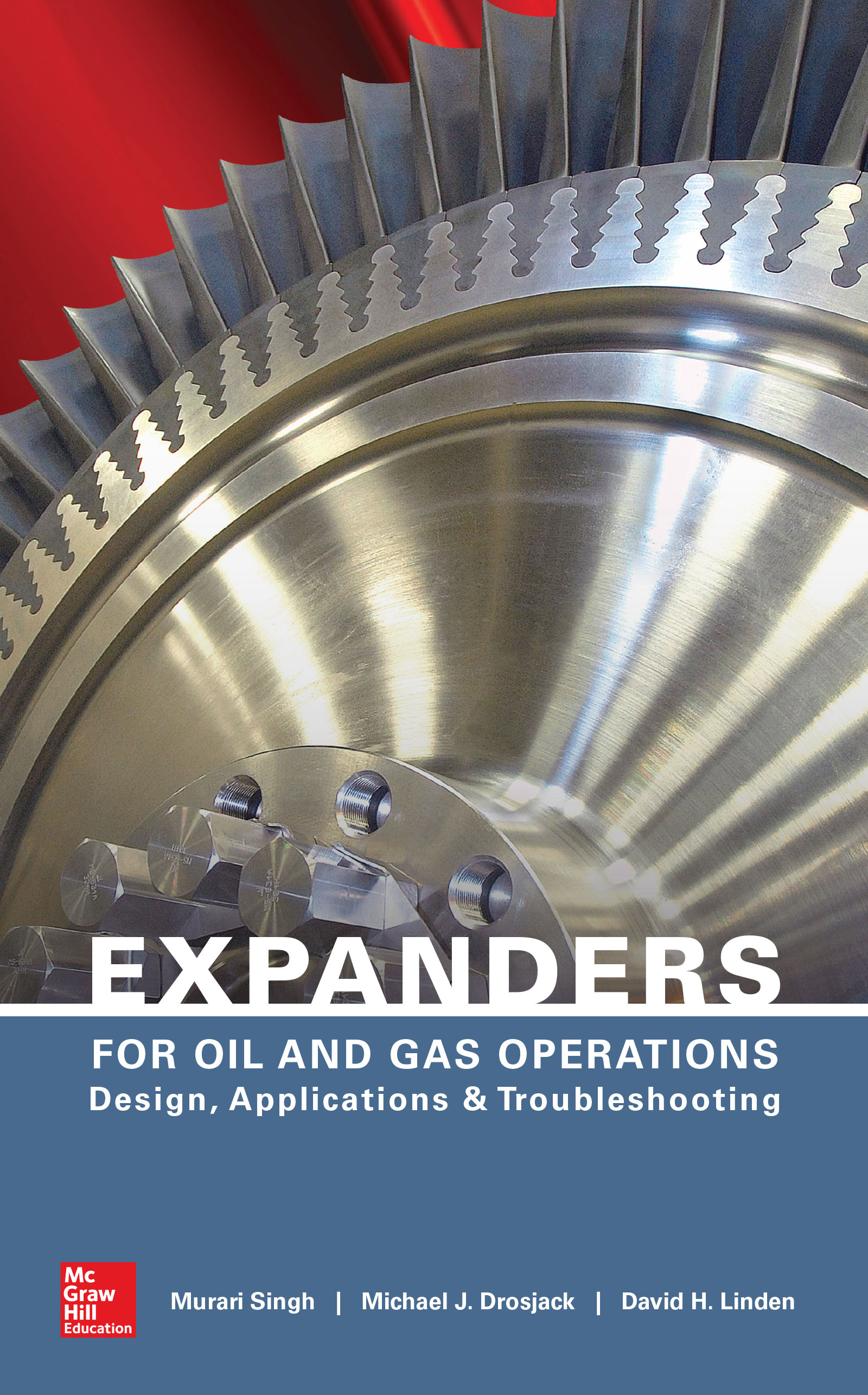
Expanders for Oil and Gas Operations Effective methods for recovering gas energy using expanders Expanders for Oil and Gas Operations offers in-depth details on different types of expanders, addressing the background, mechanical design features, design and operating requirements, operational processes, and potential problems for each class of expander. The book also discusses rotor dynamics, vibration theory, material strength, life estimation, and probabilistic analysis. The information in this practical, illustrated resource will help you to maintain and improve existing expanders and implement design enhancements for increased expander capacity as well as lifespan and maximum energy reuse. Comprehensive coverage includes: CCU hot gas expanders Nitric acid expanders for chemical applications Turboexpanders/cryogenic turboexpanders Rotor dynamics Bladed disk vibration and reliability Damage in material and life analysis Probabilistic concept and risk assessment TECHNOLOGY & ENGINEERING,Civil,General

Water Waves Generated By Underwater Explosion This is the first book on explosion-generated water waves. It presents the theoretical foundations and experimental results of the generation and propagation of impulsively generated waves resulting from underwater explosions. Many of the theories and concepts presented herein are applicable to other types of water waves, in particular, tsunamis and waves generated by the fall of a meteorite. Linear and nonlinear theories, as well as experimental calibrations, are presented for cases of deep and shallow water explosions. Propagation of transient waves on dissipative, nonuniform bathymetries together with laboratory simulations are analyzed and discussed. TECHNOLOGY & ENGINEERING,Civil,General

Science Of Structural Engineering, The Structures cannot be created without engineering theory, and design rules have existed from the earliest times for building Greek temples, Roman aqueducts and Gothic cathedrals — and later, for steel skyscrapers and the frames for aircraft. This book is, however, not concerned with the description of historical feats, but with the way the structural engineer sets about his business. Galileo, in the seventeenth century, was the first to introduce recognizably modern science into the calculation of structures; he determined the breaking strength of beams. In the eighteenth century engineers moved away from this ‘ultimate load’ approach, and early in the nineteenth century a formal philosophy of design had been established — a structure should remain elastic, with a safety factor on stress built into the analysis. This philosophy held sway for over a century, until the first tests on real structures showed that the stresses confidently calculated by designers could not actually be measured in practice. Structural engineering has taken a completely different path since the middle of the twentieth century; plastic analysis reverts to Galileo's objective of the calculation of ultimate strength, and powerful new theorems now underpin the activities of the structural engineer.This book deals with a technical subject, but the presentation is completely non-mathematical. It makes available to the engineer, the architect and the general reader the principles of structural design. TECHNOLOGY & ENGINEERING,Civil,General
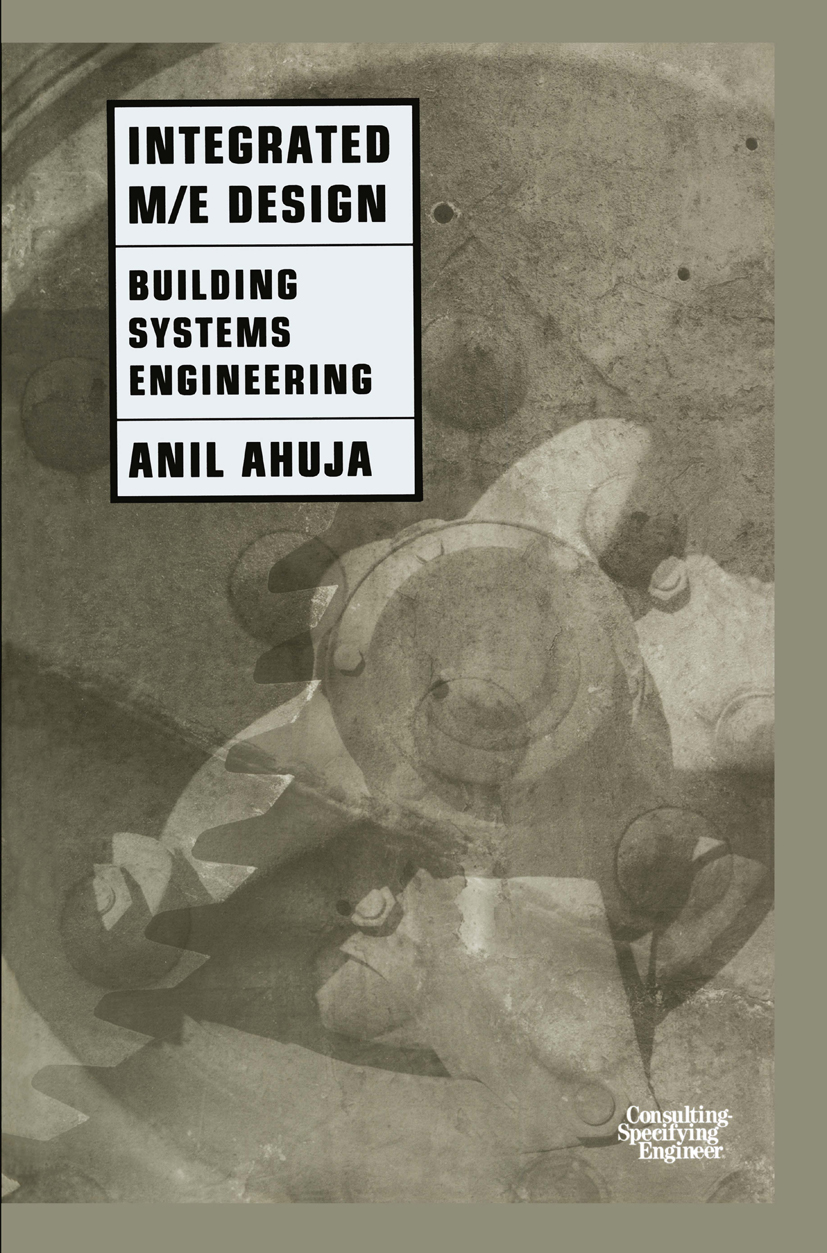
Integrated M/E Design Taking a multidisciplinary approach, this long-needed, single-source reference, provides a wealth of knowledge, ranging from the basics of building systems to explanations of why systems need to be integrated, and how integration provides a basis for increased reliability and economic growth. The book delves further, exploring environmentally responsible design through the integration of natural site resources with building systems and the impact of modern technology on buildings. Integrated M/E Design examines a wide range of issues at the core of the electronically operated, economically constrained, politically controlled, and environmentally responsible, contemporary business environment. TECHNOLOGY & ENGINEERING,Civil,General
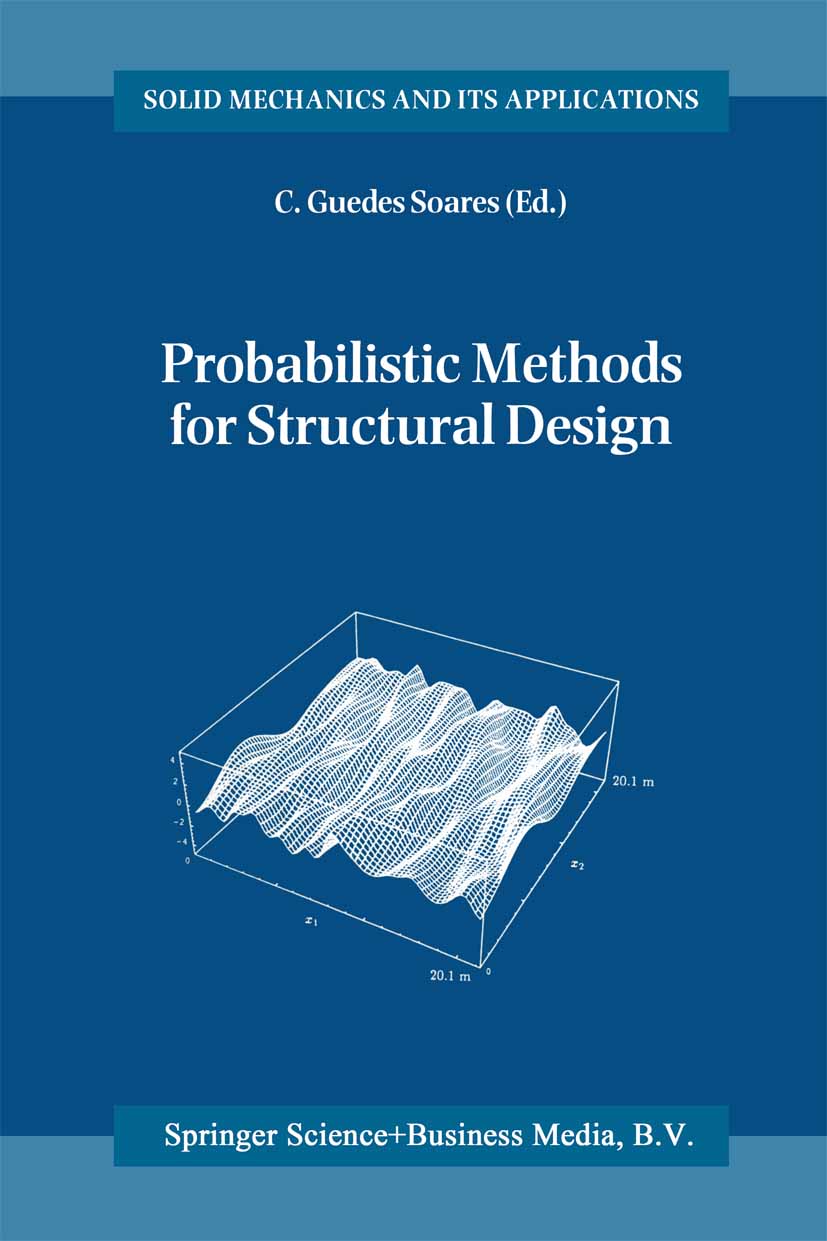
Probabilistic Methods for Structural Design This book contains contributions from various authors on different important topics related with probabilistic methods used for the design of structures. Initially several of the papers were prepared for advanced courses on structural reliability or on probabilistic methods for structural design. These courses have been held in different countries and have been given by different groups of lecturers. They were aimed at engineers and researchers who already had some exposure to structural reliability methods and thus they presented overviews of the work in the various topics. The book includes a selection of those contributions, which can be of support for future courses or for engineers and researchers that want to have an update on specific topics. It is considered a complement to the existing textbooks on structural reliability, which normally ensure the coverage of the basic topics but then are not extensive enough to cover some more specialised aspects. In addition to the contributions drawn from those lectures there are several papers that have been prepared specifically for this book, aiming at complementing the others in providing an overall account of the recent advances in the field. It is with sadness that in the meanwhile we have seen the disappearance of two of the contributors to the book and, in fact two of the early contributors to this field. TECHNOLOGY & ENGINEERING,Civil,General

Structural Dynamics The use of COSMOS for the analysis and solution of structural dynamics problems is introduced in this new edition. The COSMOS program was selected from among the various professional programs available because it has the capability of solving complex problems in structures, as well as in other engin eering fields such as Heat Transfer, Fluid Flow, and Electromagnetic Phenom ena. COSMOS includes routines for Structural Analysis, Static, or Dynamics with linear or nonlinear behavior (material nonlinearity or large displacements), and can be used most efficiently in the microcomputer. The larger version of COSMOS has the capacity for the analysis of structures modeled up to 64,000 nodes. This fourth edition uses an introductory version that has a capability limited to 50 nodes or 50 elements. This version is included in the supplement, STRUCTURAL DYNAMICS USING COSMOS 1. The sets of educational programs in Structural Dynamics and Earthquake Engineering that accompanied the third edition have now been extended and updated. These sets include programs to determine the response in the time or frequency domain using the FFf (Fast Fourier Transform) of structures modeled as a single oscillator. Also included is a program to determine the response of an inelastic system with elastoplastic behavior and a program for the development of seismic response spectral charts. A set of seven computer programs is included for modeling structures as two-dimensional and three dimensional frames and trusses. TECHNOLOGY & ENGINEERING,Civil,General
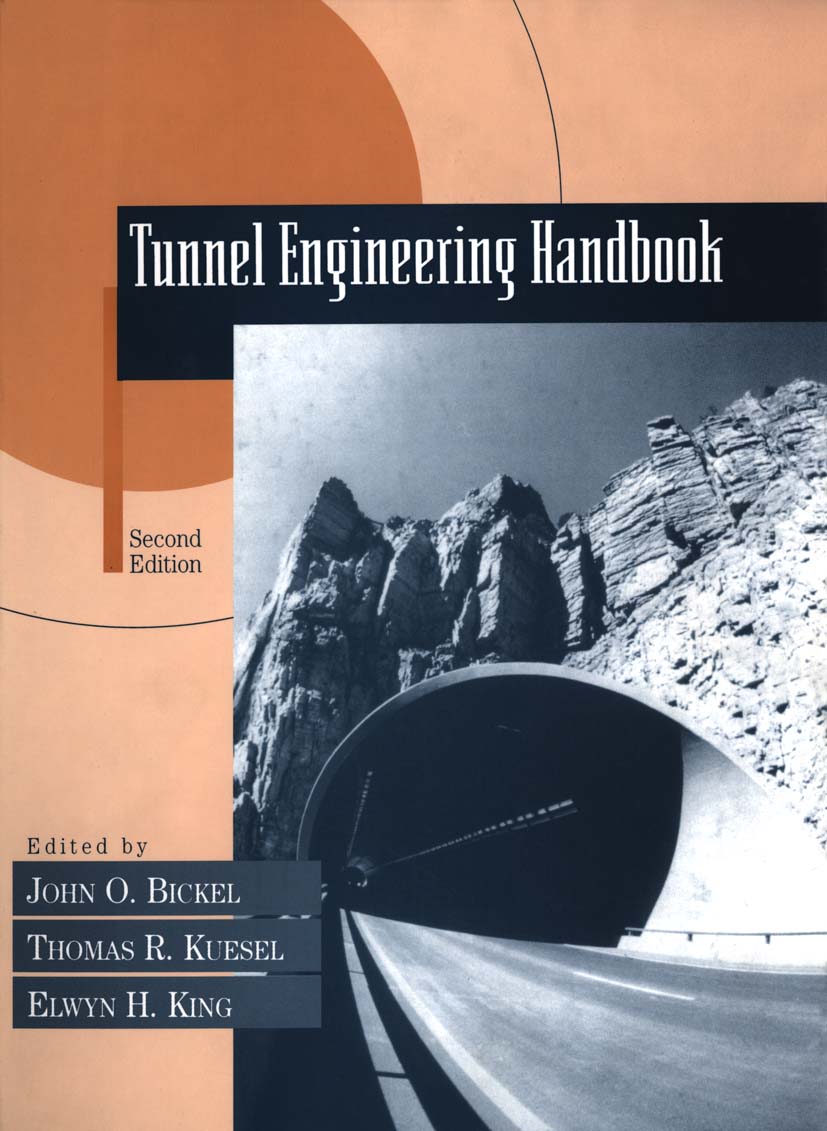
Tunnel Engineering Handbook The Tunnel Engineering Handbook, Second Edition provides, in a single convenient volume, comprehensive coverage of the state of the art in the design, construction, and rehabilitation of tunnels. It brings together essential information on all the principal classifications of tunnels, including soft ground, hard rock, immersed tube and cut-and-cover, with comparisons of their relative advantages and suitability. The broad coverage found in the Tunnel Engineering Handbook enables engineers to address such critical questions as how tunnels are planned and laid out, how the design of tunnels depends on site and ground conditions, and which types of tunnels and construction methods are best suited to different conditions. Written by the leading engineers in the fields, this second edition features major revisions from the first, including: * Complete updating of all chapters from the first edition * Seven completely new chapters covering tunnel stabilization and lining, difficult ground, deep shafts, water conveyance tunnels, small diameter tunnels, fire life safety, tunnel rehabilitation and tunnel construction contracting *New coverage of the modern philosophy and techniques of tunnel design and tunnel construction contracting The comprehensive coverage of the Tunnel Engineering Handbook makes it an essential resource for all practicing engineers engaged in the design of tunnels and underground construction. In addition, the book contains a wealth of information that government administrators and planners and transportation officials will use in the planning and management of tunnels. TECHNOLOGY & ENGINEERING,Civil,General

Transportation Systems and Service Policy The many aspects of urban transportation planning and design demand a multi faceted approach to ensure responsive, economical, and environmentally sensi tive facilities that enhance mobility. Yet all too easily the complexity of the process can obscure the major elements. This book aims at assisting the analyst to provide decision makers with a range of solutions by illustrating how service policies regarding quality of service, fares, investment levels, and environmental impacts affect and are affected by each other. This book, therefore, concentrates on the process of planning and design. It addresses the major elements of urban transportation planning, design, and impact estimation, and offers practice in undertaking typical projects. It focuses on the linkages and interaction with public policy regarding user service levels, and the resulting design and impacts. The process is illustrated by (1) outlining the individual transportation analysis and design techniques and their linkages, (2) describing the planning and design process, from population changes affect ing demand and mobility needs to estimation of air pollution and energy use impacts that are instrumental in shaping public policy and strategic planning, (3) presenting examples of transportation design projects showing how service policy may affect the physical and operational design of multimodal, urban trans portation systems, (4) enabling the readers to obtain practice in basic, applied transportation analysis, design, and impact estimation by defining the key service policy variables of projects for solution, and (5) familiarizing the reader with TECHNOLOGY & ENGINEERING,Civil,General

Parking Structures Drawing on the combined expertise of three of the world's leading parking structure experts, this updated edition provides the only single-source guide to planning, designing, and maintaining parking structures. It provides readers with design solutions, including material on how to ensure long-term durability, design for easy maintenance, select the most energy efficient lighting system, decide on the number and placement of entrances and exits, and avoid the most common construction pitfalls. Reflecting recent advances in technological innovations, this volume features significantly revised mterial and contains five new chapters on the Americans with Disabilities Act, lighting, graphics, seismic design, and designing for maintenance. The Second Edition of Parking Structures offers architects, engineers, parking facility owners, and contractors a unique and comprehensive guide to designing safe and effective parking structures.In addition, institutions providing education courses for professional registration in related fields will benefit from this timely, authoritative account. TECHNOLOGY & ENGINEERING,Civil,General
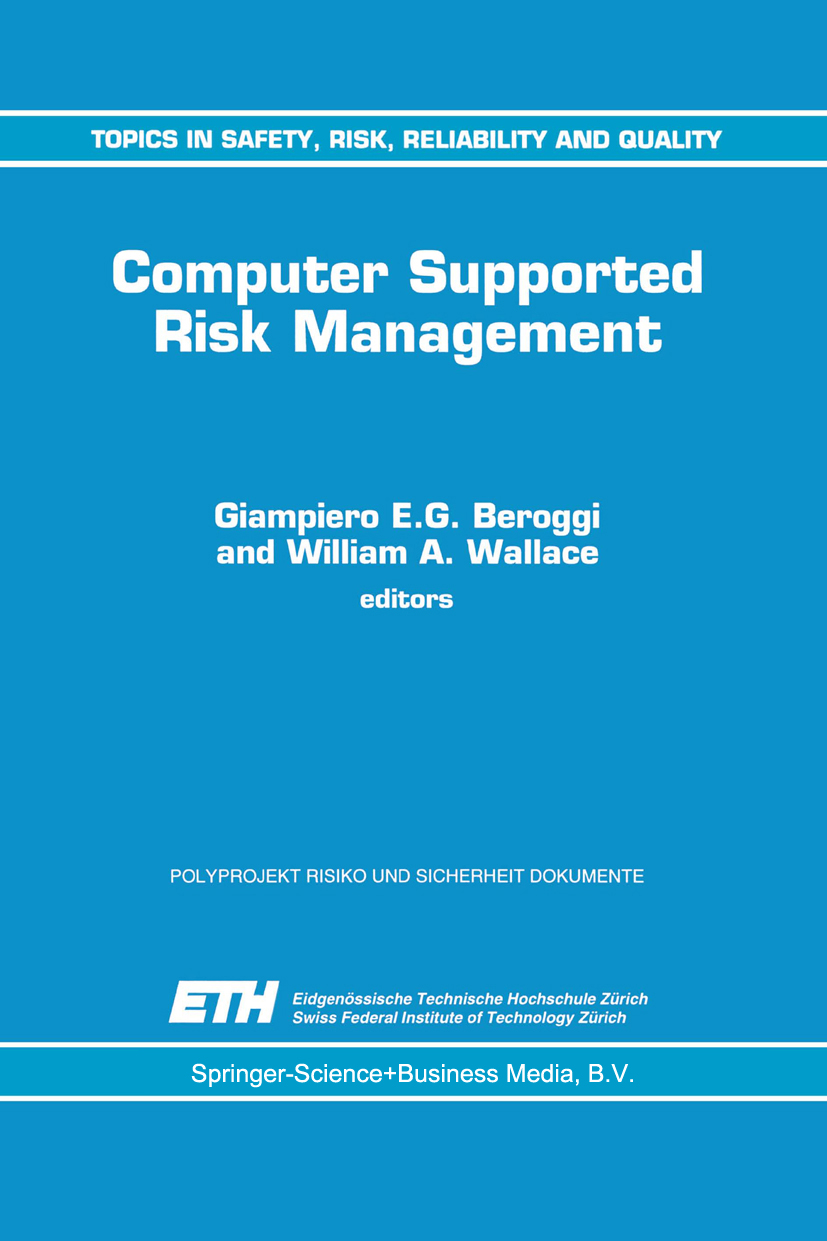
Computer Supported Risk Management Advances in information technology provide opportunities for the development of computer systems that support risk managers in complex tasks. Leading experts report on the potentials and limitations concerning the use of computer systems in risk management. Their reports are based on many years of experience in their fields which include: risk analysis, systems engineering, geographic information systems, decision support systems, human--machine systems, and psychology. The book addresses four major issues in computer supported risk management: Conceptual aspects: the role, design, and use of computers in risk management Planning and policy analysis: transportation, equity analysis, emergency management, group decision making Operational decision making: nuclear power monitoring, emergency response, public safety warning, satellite tracking Commercial applications: GIS from IIASA, InterClair from IAEA, EPA software, cleanup decision support software survey. This book is meant for researchers, who will find the emerging issues in risk management that are motivated by the encounter of new tasks and novel technology; practitioners who will have descriptions and references of the state-of-the-art models and software; and students who will learn the basic concepts needed to develop advanced information and decision support systems in risk management. TECHNOLOGY & ENGINEERING,Civil,General
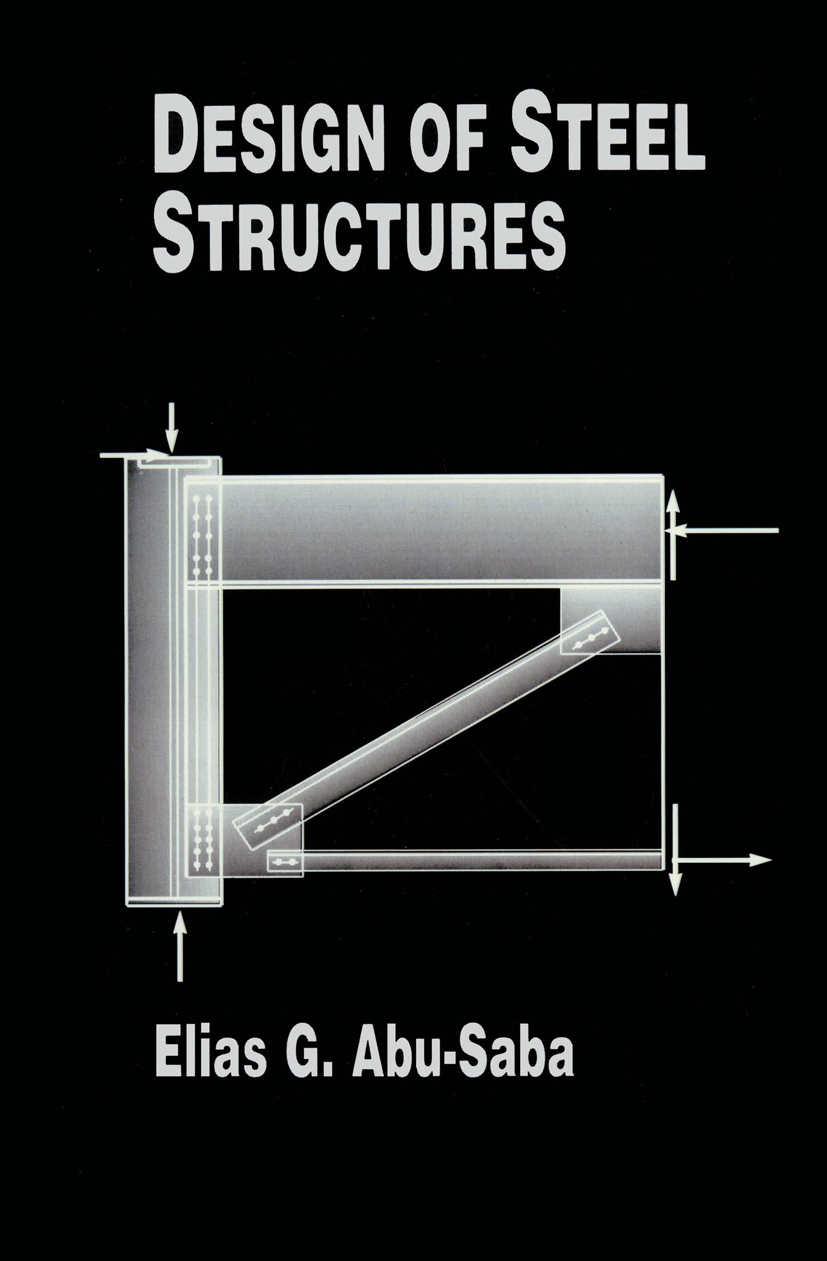
Design of Steel Structures This book is intended for classroom teaching in architectural and civil engineering at the graduate and undergraduate levels. Although it has been developed from lecture notes given in structural steel design, it can be useful to practicing engineers. Many of the examples presented in this book are drawn from the field of design of structures. Design of Steel Structures can be used for one or two semesters of three hours each on the undergraduate level. For a two-semester curriculum, Chapters 1 through 8 can be used during the first semester. Heavy emphasis should be placed on Chapters 1 through 5, giving the student a brief exposure to the consideration of wind and earthquakes in the design of buildings. With the new federal requirements vis a vis wind and earthquake hazards, it is beneficial to the student to have some under standing of the underlying concepts in this field. In addition to the class lectures, the instructor should require the student to submit a term project that includes the complete structural design of a multi-story building using standard design procedures as specified by AISC Specifications. Thus, the use of the AISC Steel Construction Manual is a must in teaching this course. In the second semester, Chapters 9 through 13 should be covered. At the undergraduate level, Chapters 11 through 13 should be used on a limited basis, leaving the student more time to concentrate on composite construction and built-up girders. TECHNOLOGY & ENGINEERING,Civil,General
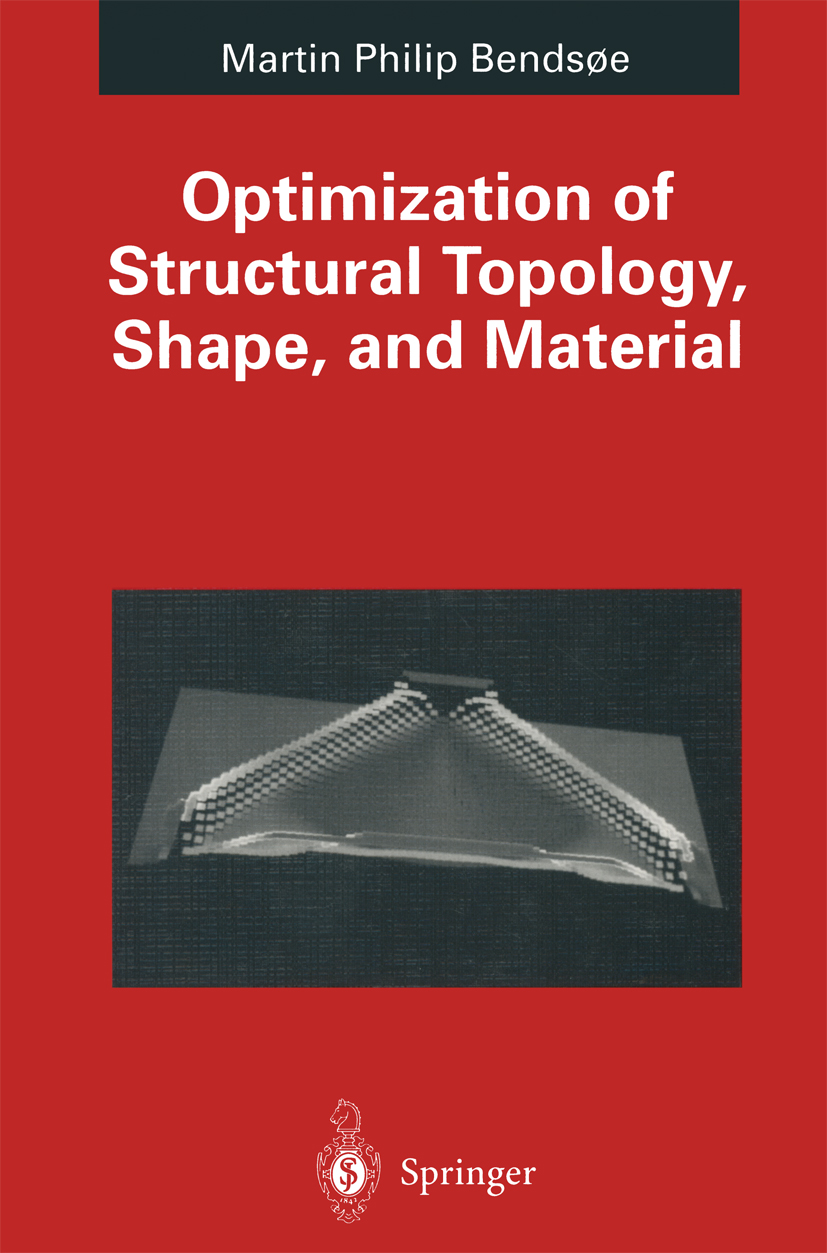
Optimization of Structural Topology, Shape, and Material In the past, the possibilities of structural optimization were restricted to an optimal choice of profiles and shape. Further improvement can be obtained by selecting appropriate advanced materials and by optimizing the topology, i.e. finding the best position and arrangement of structural elements within a construction.The optimization of structural topology permits the use of optimization algorithms at a very early stage of the design process.The method presented in this book has been developed by Martin Bendsoe in cooperation with other researchers and can be considered as one of the most effective approaches to the optimization of layout and material design. TECHNOLOGY & ENGINEERING,Civil,General
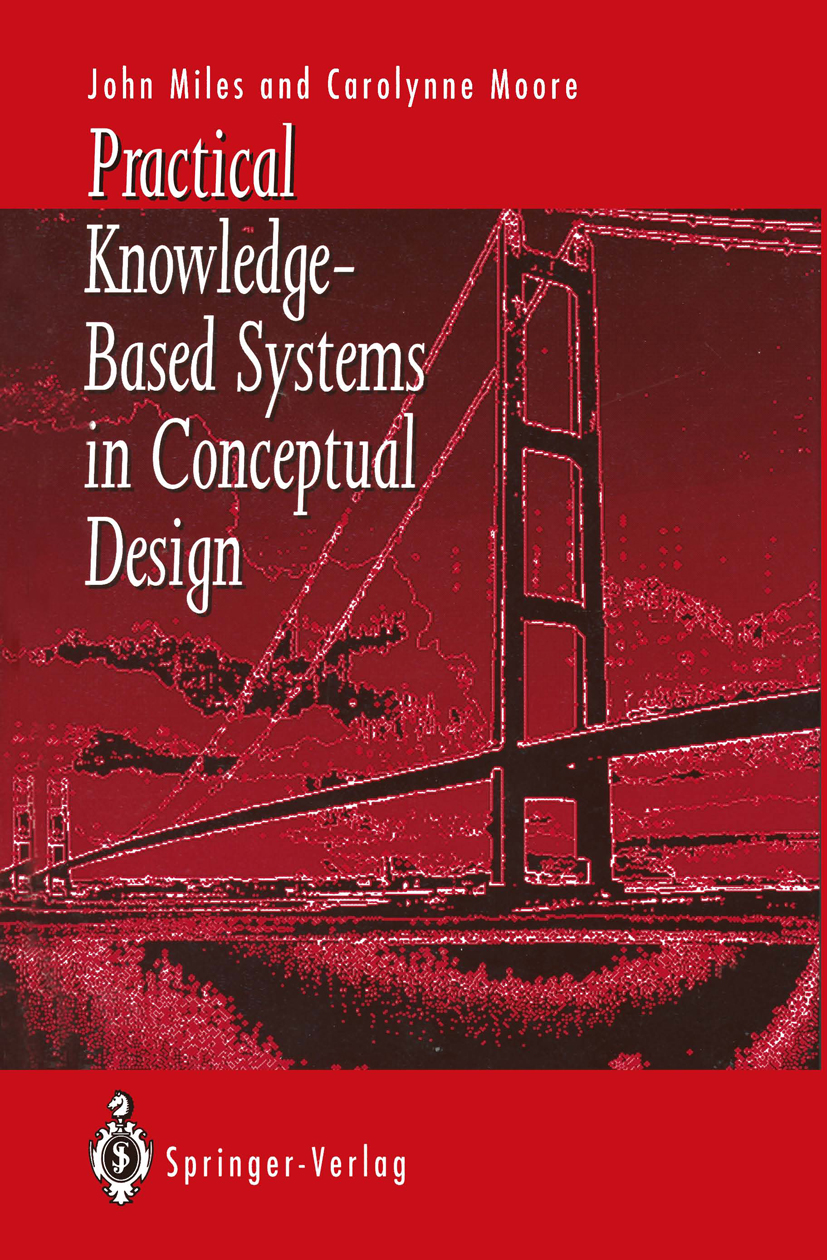
Practical Knowledge-Based Systems in Conceptual Design Conceptual Design is one of the few areas of Engineering Design where computers have yet to make an impact. With the development of Knowledge Based Systems it is now possible to rectify this situation. This publication deals with the use of Knowledge Based Systems (KBS) as tools for conceptual design. Included are neglected aspects such as evaluation and user needs. Practical Knowledge Based Systems in Conceptual Design is based on the authors' experience of developing KBS for use in civil engineering, an area of industrial application which is recognised as being one of great potential. The methodology has been tried and tested by designers. Examples of systems which have been developed to solve specific design problems are included. TECHNOLOGY & ENGINEERING,Civil,General
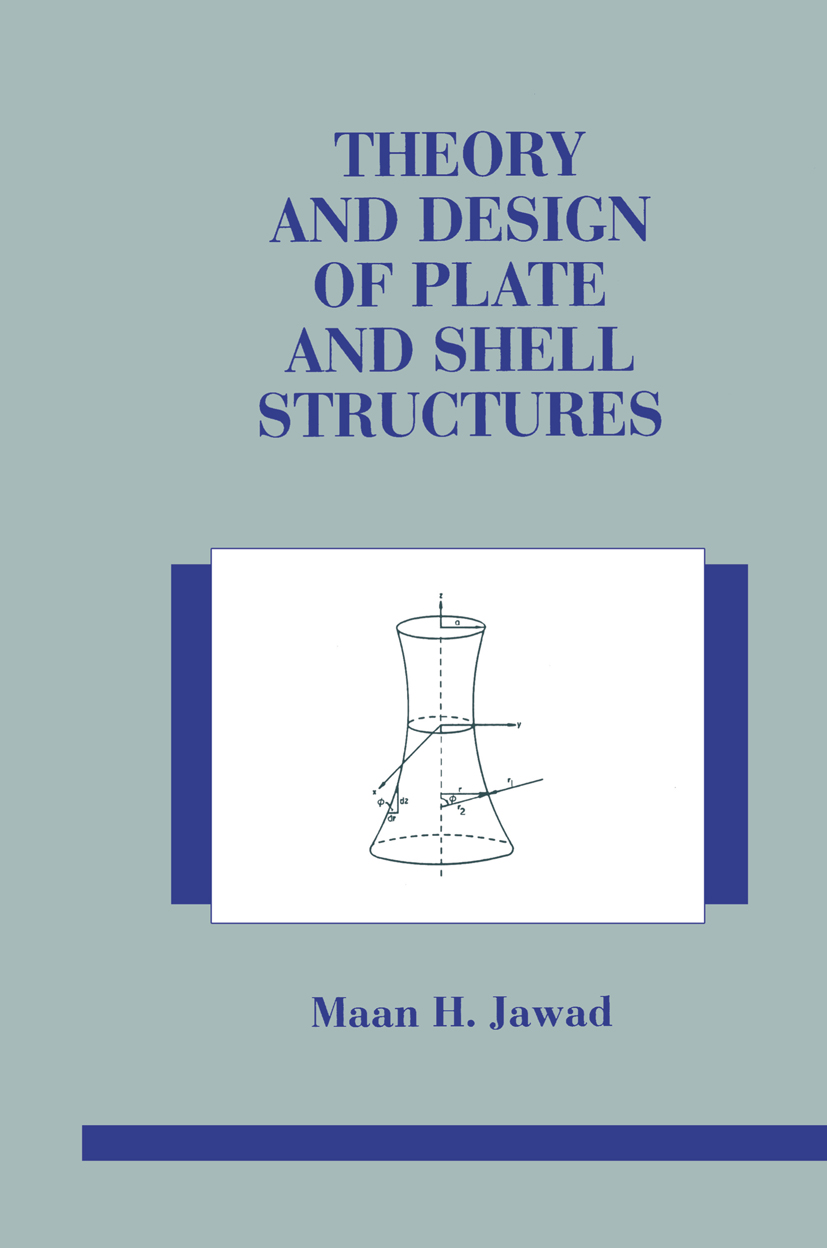
Theory and Design of Plate and Shell Structures The design of many structures such as pressure vessels, aircrafts, bridge decks, dome roofs, and missiles is based on the theories of plates and shells. The degree of simplification needed to adopt the theories to the design of various structures depends on the type of structure and the re quired accuracy of the results. Hence, a water storage tank can be satis factorily designed using the membrane shell theory, which disregards all bending moments, whereas the design of a missile casing requires a more precise analysis in order to minimize weight and materials. Similarly, the design of a nozzle-to-cylinder junction in a nuclear reactor may require a sophisticated finite element analysis to prevent fatigue failure while the same junction in an air accumulator in a gas station is designed by simple equations that satisfy equilibrium conditions. Accordingly, this book is written for engineers interested in the theories of plates and shells and their proper application to various structures. The examples given throughout the book subsequent to derivation of various theories are intended to show the engineer the level of analysis required to achieve a safe design with a given degree of accuracy. The book covers three general areas. These are: bending of plates; membrane and bending theories of shells; and buckling of plates and shells. Bending of plates is discussed in five chapters. Chapters 1 and 2 cover rectangular plates with various boundary and loading conditions. TECHNOLOGY & ENGINEERING,Civil,General

Automotive Sensory Systems The rapidly growing need for mobility has brought with it a major challenge for improvement in the operation and utilization of automotive systems. The economical, environmental and safety constraints imposed by the increase in the number of road vehicles and subsequent government policies also require substantial product development through the application of infor mation technology. This involves the enhancement of vehicle informatics and telematic systems with additional sensors and systems. The advance in the design and development of automotive sensory systems is so rapid that there is urgent need for the experts involved in the technology to work together to provide a reference book for the engineer of today and tomorrow. This motivated me to spend two years researching the topics and the basis on which such a book should be written. The result is the present compilation of the work of international experts on the state-of-the-art in the field of automotive sensory systems. Thus, a unique collection has been created for the reference of all those concerned with, or interested in, the design and development of modern, safe and intelligent vehicles. Although this book is intended for engineers, managers, scientists, academicians and policy makers, students should also find it valuable. To meet the requirements of students the basics are explained in simple terms; however, it is hoped that others will appreciate this approach, since most of us are well aware that gaps remain in our knowledge of the elements of our profession. TECHNOLOGY & ENGINEERING,Civil,General

Wave Kinematics and Environmental Forces In determining the response of offshore structures, it is of utmost importance to determine, in the most correct manner, all factors which contribute to the total force acting on these structures. Applying the Morison formula (Morison et. al. , 1950) to calculate forces on offshore slender structures, uncertainties related to the understanding of the wave climate, the hydrodynamic force coefficients and the kinematics of ocean waves represent the most important contributions to the uncertainties in the prediction of the total forces on these structures (Haver and Gudmestad, 1992). Traditional calculation of forces on offshore structures involves the use of regular waves with the following non-linearities inco1porated use of regular wave theories inco1porating higher order terms use of Morison equation having a nonlinear drag term inclusion of the effect of the free surface by integrating all contributions to total forces and moments from the sea floor to the free surface of the waves In order to describe the sea more realistically, the ocean surface is to be described as an irregular sea surface represented by its energy spectrum. The associated decomposition of the sea surface is given as a linear sum of linear waves. The total force is found by integrating the contribution from all components in the wave spectrum to the free surface. The kinematics of each component must therefore be determined. TECHNOLOGY & ENGINEERING,Civil,General
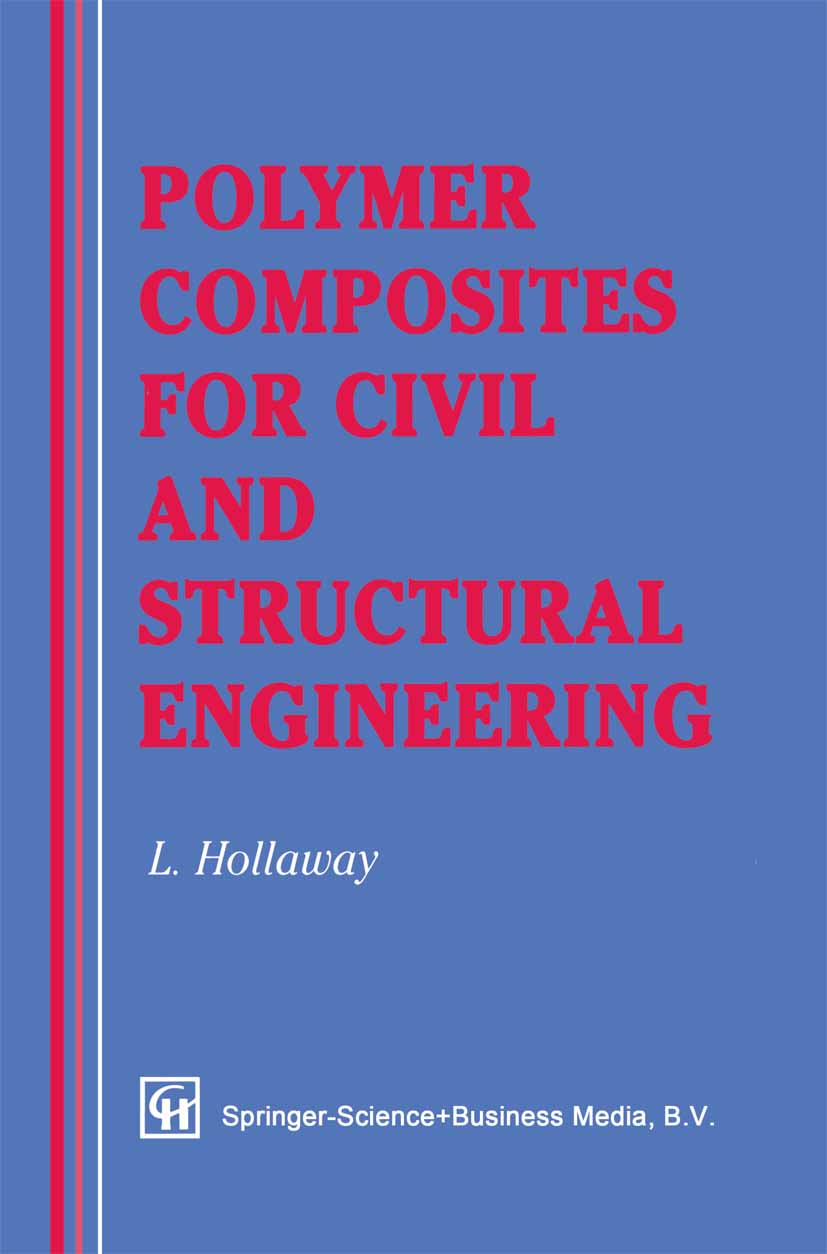
Polymer Composites for Civil and Structural Engineering New materials and methods within the construction industry offer substantial advantages in terms of cost, durability, ease of design, and ease of fabrication. This new book looks at the multitude of uses of polymer composites in construction and discusses fabrication methods, suitability of materials, design methods, construction methods, performance and practical applications. TECHNOLOGY & ENGINEERING,Civil,General

Computer Modelling of Seas and Coastal Regions This book Computer Modelling of Seas and Coastal Regions is the first volume of the two volume proceedings of the International Conference on Computer Modelling of Seas and Coastal Regions and Boundary Elements and Fluid Dynamics, held in Southampton, U.K., in April 1992. The importance of accurate modelling of seas and coastal regions is empha sized by the need for predicting their behaviour under extreme conditions. Problems, such as pollution of these areas, have become a major interna tional concern and the related environmental problems need further study using techniques which can be used to determine the ways in which the water systems respond to different effects and try to minimize the damage. They can also lead to the development of early warning systems in combina tion with remote sensing equipment and experimental sampling techniques. Furthermore, once a disaster occurs, the model can be used to optimize the use of the available resources. The conference addresses coastal region modelling both under normal and extreme conditions, with special reference to practical problems, currently being experienced around the world. Many of the delegates are actively involved in the modelling of seas and coastal regions. This volume includes sections on waves, tides, shallow water circulation and channel flow, siltation and sedimentation, pollution problems, and computu tational techniques. The organizer would like to thank the International Scientific Advisory Committee, the conference delegates and all those who have actively sup ported the meeting. TECHNOLOGY & ENGINEERING,Civil,General
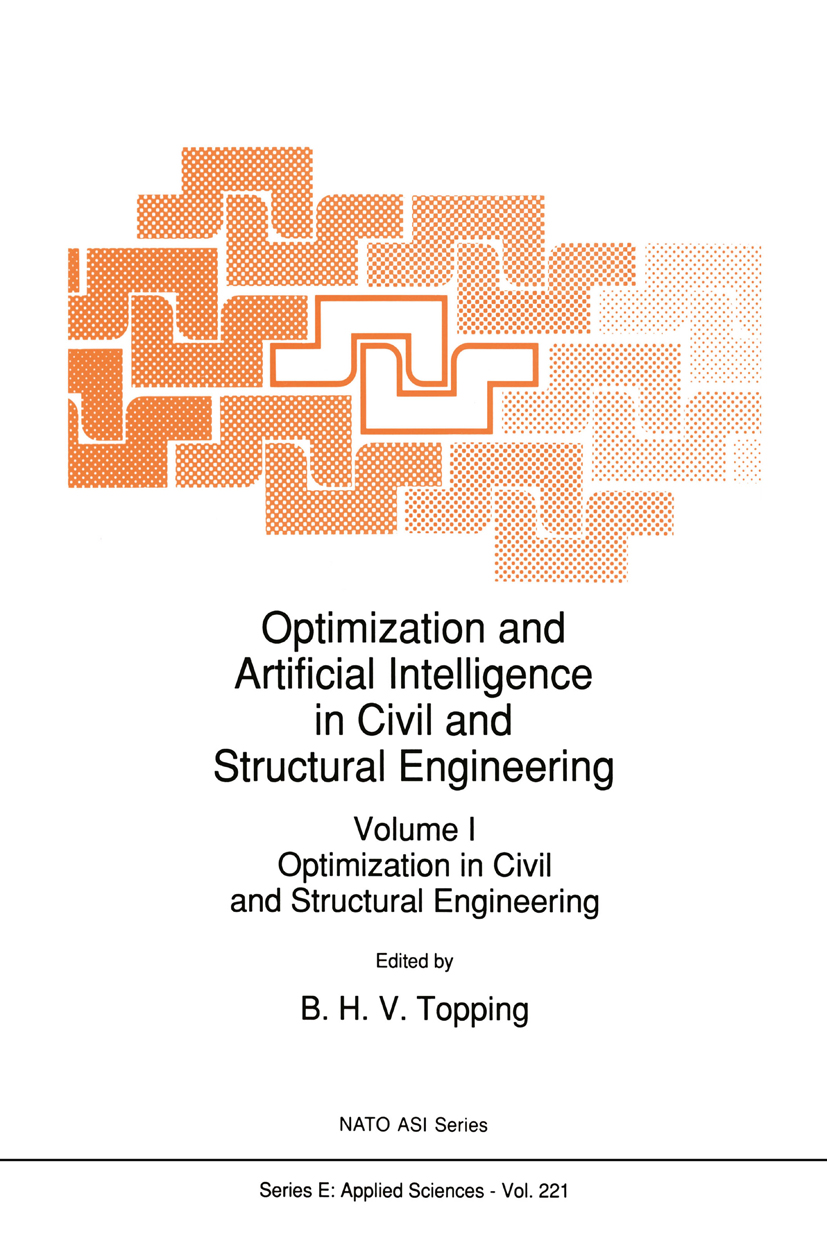
Optimization and Artificial Intelligence in Civil and Structural Engineering Proceedings of the NATO Advanced Study Institute on Optimization and Decision Support Systems in Civil Engineering, Edinburgh, U.K., June 25-July 6, 1989 TECHNOLOGY & ENGINEERING,Civil,General
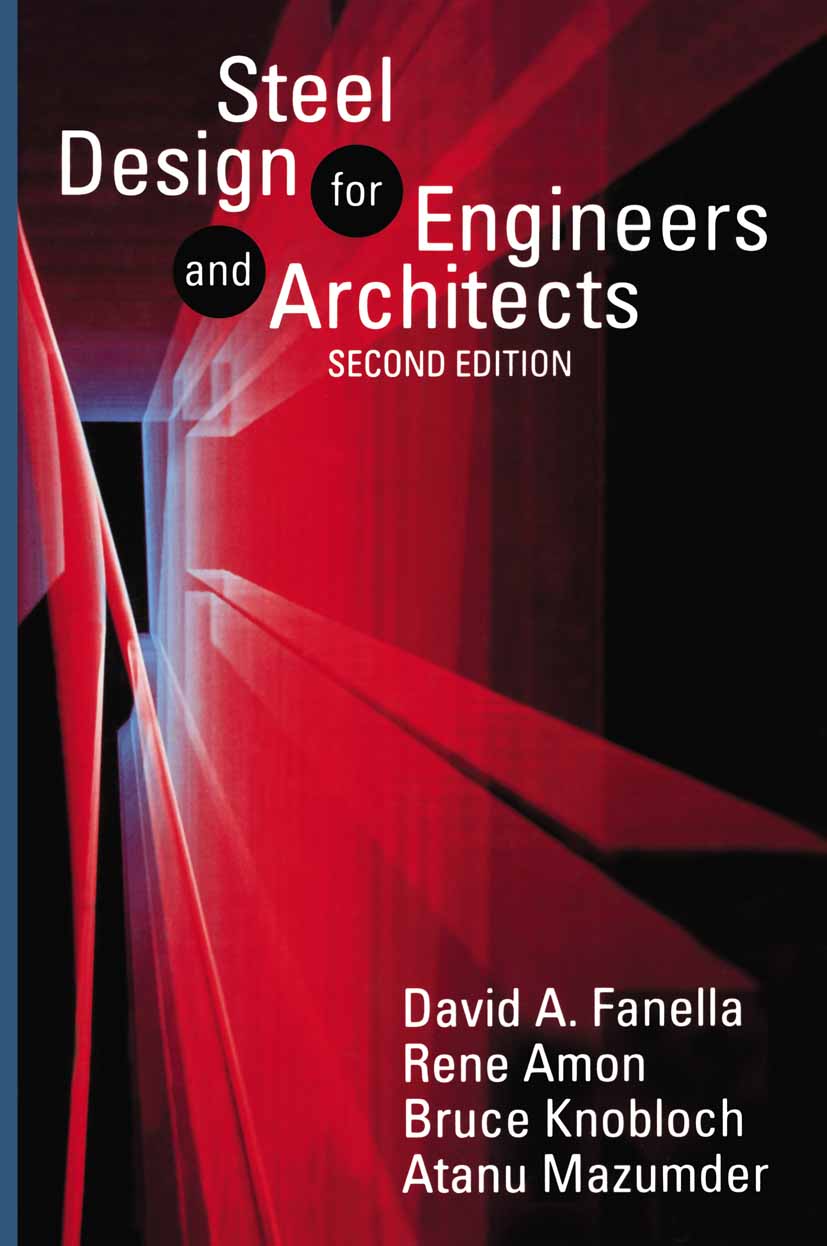
Steel Design for Engineers and Architects In 1989, the American Institute of Steel Construction published the ninth edition of the Manual of Steel Construction which contains the "Specification for Structural Steel Buildings-Allowable Stress Design (ASD) and Plastic De sign." This current specification is completely revised in format and partly in content compared to the last one, which was published in 1978. In addition to the new specification, the ninth edition of the Manual contains completely new and revised design aids. The second edition of this book is geared to the efficient use of the afore mentioned manual. To that effect, all of the formulas, tables, and explanatory material are specifically referenced to the appropriate parts of the AISCM. Ta bles and figures from the Manual, as well as some material from the Standard Specifications for Highway Bridges, published by the American Association of State Highway and Transportation Officials (AASHTO), and from the Design of Welded Structures, published by the James F. Lincoln Arc Welding Foun dation, have been reproduced here with the permission of these organizations for the convenience of the reader. The revisions which led to the second edition of this book were performed by the first two authors, who are both experienced educators and practitioners. TECHNOLOGY & ENGINEERING,Civil,General
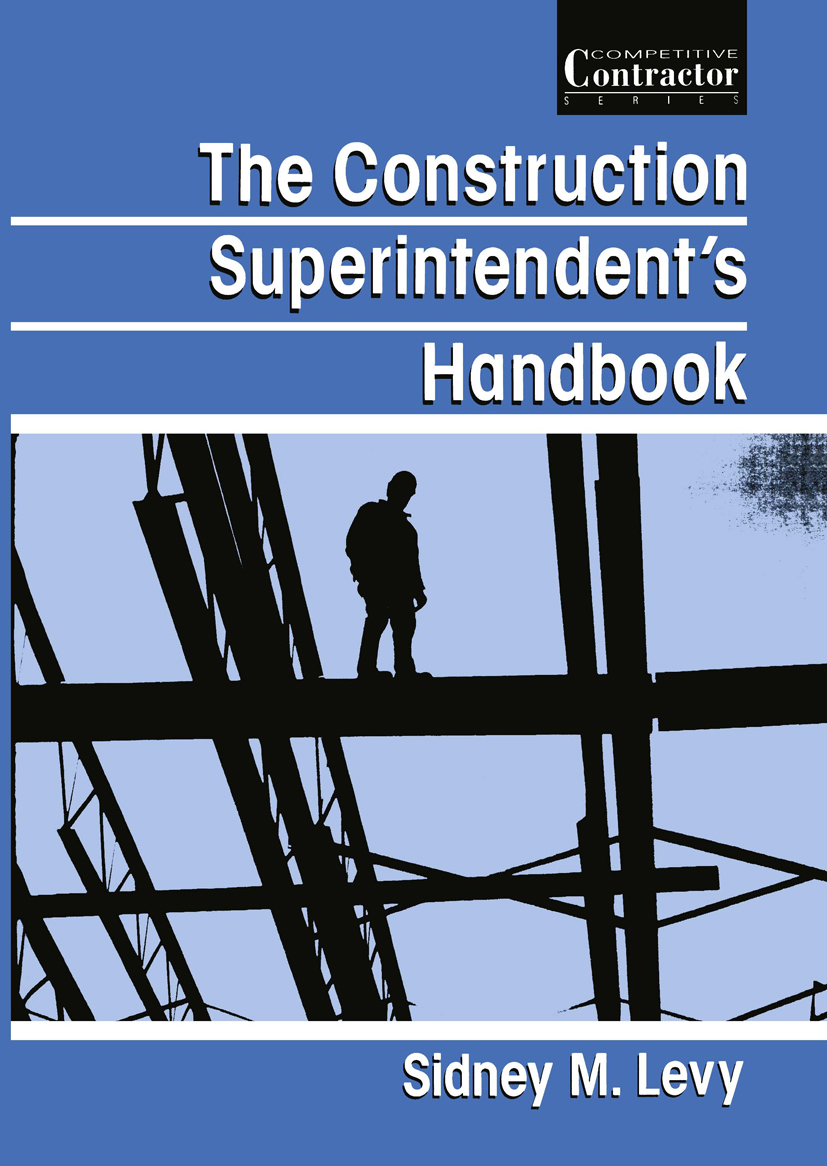
The Construction Superintendent’s Handbook A construction professional with more than 30 years experience in the industry offers a practical manual designed for the construction superintendent that helps to simplify today's complex projects while offering highly accessible and easily referenced technical data on most common construction components. This handbook begins by analyzing the key factors that must be considered before the actual start of construction. Complete discussions of construction contracts and documents and basic construction law are designed to prevent costly legal problems among the superintendent, architect, engineer, client and subcontractor. Coverage also includes scrutiny of the plans and specifications, and insights into the responsibilities of all participants in the construction process. Superintendents obtain clear guidance on how to formulate job policies and procedures, and how to ensure that the soomth day-to-day running of the project with the aid of a 30-day look-ahead schedule. Helpful advice and warnings on pitfalls to avoid are liberally sprinkled throughout the handbook. TECHNOLOGY & ENGINEERING,Civil,General
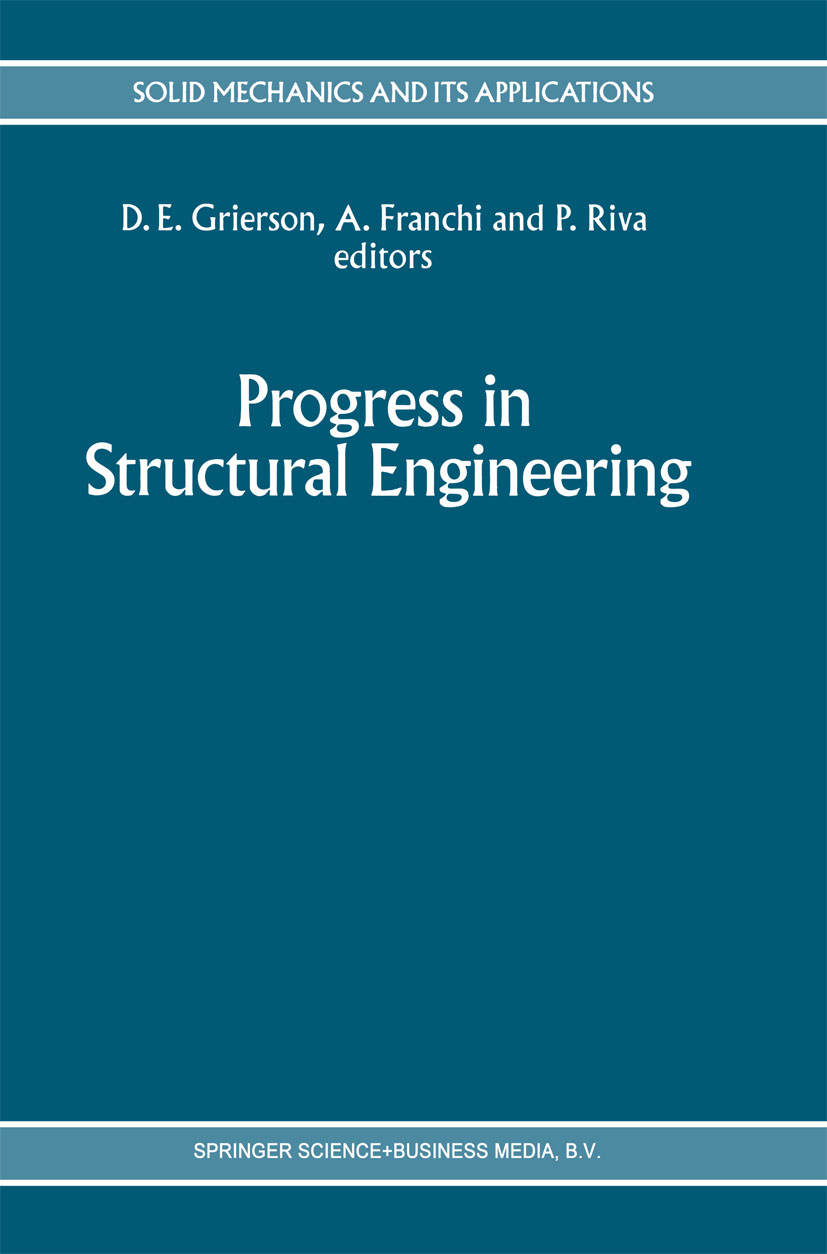
Progress in Structural Engineering Proceedings of an International Workshop on Progress and Advances in Structural Engineering and Mechanics, University of Brescia, Italy, September 1991 TECHNOLOGY & ENGINEERING,Civil,General

Creep in Structures There is a tradition to organize IUTAM Symposia "Creep in Structures" every ten years: the first Symposium was organized by N.J. Hoff in Stan ford (1960), the second one by J. Hult in Goteborg (1970), and the third one by A.R.S. Ponter in Leicester (1980). The fourth Symposium in Cracow, September 1990, gathered 123 par ticipants from 21 countries and reflected rapid development of the theory, experimental research and structural applications of creep and viscoplas ticity, including damage and rupture. Indeed, the scope of the Sympo sium was broad, maybe even too broad, but it was kept according to the tradition. Probably the chairman of "Creep in Structures V" in the year 2000 (if organized at all) will be forced to confine the scope substantially. Participation in the Symposium was reserved for invited participants, suggested by members of the Scientific Committee. Total number of sug gestions was very large and the response - unexpectedly high. Apart from several papers rejected, as being out of scope, over 100 papers were accepted for presentation. A somewhat unconventional way of presenta tion was introduced to provide ample time for fruitful and well prepared discussions: besides general lectures (30 minutes each), all the remain ing papers were presented as short introductory lectures (10 minutes) followed by a I-hour poster discussion with the authors and then by a general discussion. Such an approach made it possible to present general ideas orally, and then to discuss all the papers through and through. TECHNOLOGY & ENGINEERING,Civil,General
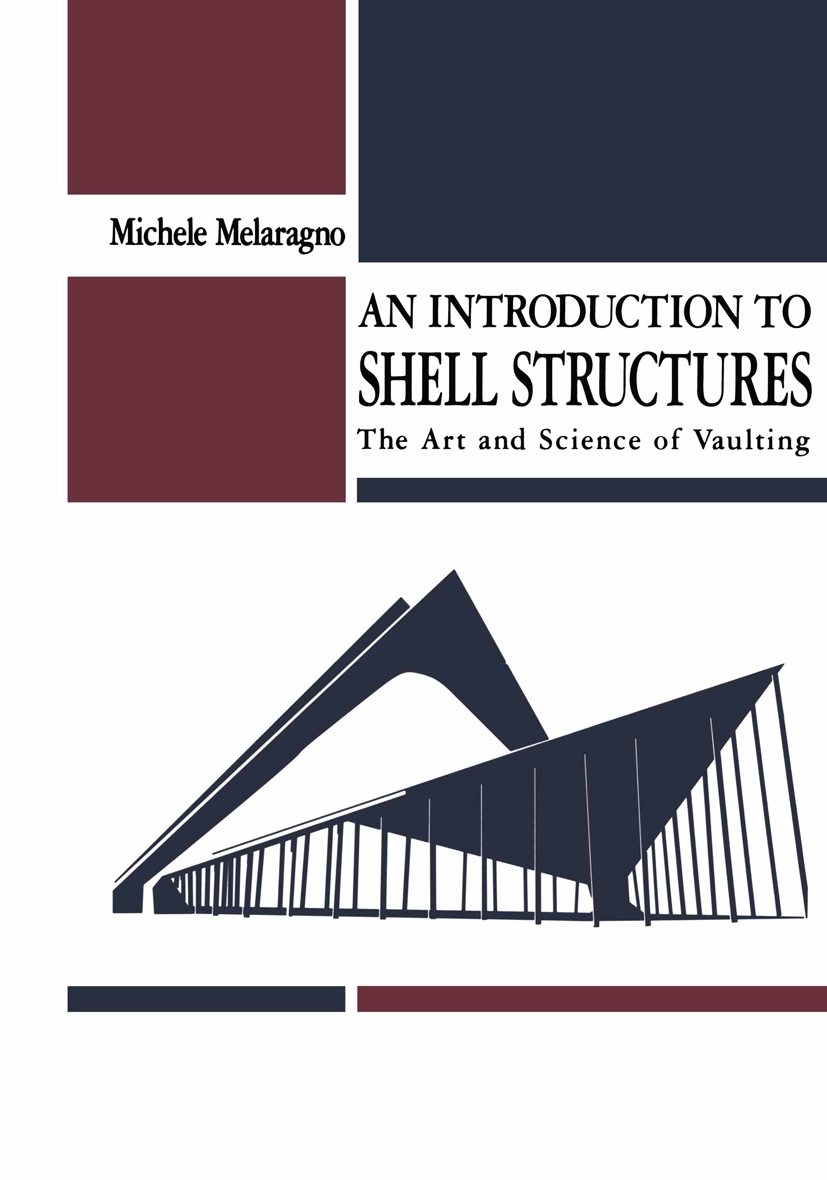
An Introduction to Shell Structures I Wood and Masonry Domes.- 1. Domes: Their Morphological Significance.- Origins and Symbolism of Domes.- Superstitious and Sacred Forms.- Mortuary Symbolism.- Christian Symbolism.- Notes.- 2. Domes: From Ancient to Islamic.- Domes from Their Ancient Beginnings.- Roman Domes and Vaults.- Early Christian Domes.- Domes in Christian Architecture.- Byzantine Domes.- Islamic Domes.- Notes.- 3. Domes from the Romanesque to the Present.- Romanesque Domes.- Domes in Renaissance and Baroque Italy.- Architects of the Renaissance and Baroque Periods.- European Domes Outside Italy.- Further Development.- The End of an Era.- Notes.- 4. Dome Technologies.- Structural Systems.- Domes: Basic Forces.- Lanterns and Skylights.- The Structural Characteristics of Masonry.- Basic Vaulting.- From Masonry to Concrete.- Timbrel Vaulting.- The Erection of Domes — Early Technology.- Ceramic Domes for Developing Countries.- Wooden Domes.- Notes.- II Concrete Shells: Fundamentals and Case Studies.- 5. Thin Shells US.- Shells and Surface Structures.- Thin Shells and Space Frames.- Curvature and Strength.- Shell Thickness.- Shells in Nature.- The Origins of Man-made Shells.- Overall Structural Equilibrium.- Floating Concrete Shells for Boats and Ships.- Prestressed Hulls.- Ferrocement Hulls at Present.- Notes.- 6. Selected Shapes of Shells.- Geometric Aspects.- Barrel Shells.- Conoidal Shells.- Cantilevered Shells.- Hyperboloids.- 7. Significant Examples of Concrete Shells in the Twentieth Century.- Buildings.- Shells in Art.- Experimental Shells.- Shell Builders of the Twentieth Century.- The Future of Thin Shells.- Notes.- 8. Construction Aspects of Shells.- The Construction-Design Relationship.- Supports.- Hinges and Ribs.- Precast Shell Technology.- Double-shell Construction.- Edge or Boundary Members.- Prestressing.- Posttensioning.- Professional Guidance for Thin-shell Design Work.- Notes.- 9. Computer Analysis of Shells and Domes.- The Finite Method.- III Practical Aids for the Preliminary Design of Thin Shells.- 10. Empirical Design of Masonry Vaulting.- Empirical Rules.- Shape Optimization.- Empirical Rules for Buckling.- Funicular Polygons Through Three Points.- Wind Forces.- Notes.- 11. Spherical Shells.- Proportioning and Sizing of Concrete Thin Shells.- Spherical Dome Design.- Nonspherical Dome Design.- Notes.- 12. Barrel Shells.- Barrel Vaults.- Barrel Shells.- Short Barrel Shells.- Long Barrel Shells.- 13. The Design of Hyperbolic Paraboloids.- Saddle-type Hyperbolic Paraboloids.- Four-gable-type Hyperbolic Paraboloids.- Umbrella-type Hyperbolic Paraboloids.- Inverted Umbrella-type Hyperbolic Paraboloids.- IV Skeletal Steel Structures and Megadomes.- 14. Trussed Domes.- Skeletal Structures.- Geodesics and Space Frames.- Trussed Domes and Their Builders.- Trussed-dome Geometry and Technology.- Types of Trussed Domes.- Space-frame Domes.- Cable (Tensegrity) Domes.- Pneumatic Domes.- Notes.- 15. Computer Analysis of Trussed Domes.- Epilogue.- Appendix A ACI Building Code Requirements for Thin Shells and Folded Plates.- Appendix B Excerpts from The Engineering Index Manual 1989.- Selected Bibliography. TECHNOLOGY & ENGINEERING,Civil,General

SUBTECH ’91 The concept of using flexible, reelable pipe to transport liquids, gases, and vapours is not a new one. As early as the 1940s a steel braided elastomeric pipeline was developed for the Allied Forces in order to transport fuels to support the Normandy Beacheads. In fact, the longest flexible pipeline ever constructed is likely to be that laid across the English Channel as part of 'Operation Pluto'. The methodology used to handle and instal such pipe is also not new. Ellis (1943, London) in an early patent specification identifies three basic objectives for a flexible pipelining method. These are: prefabrication of the pipe onshore; coiling of the pipe on suitable drums or reels; and using such reels to lay pipe from anchored or motorised barges. The design concept for flexible pipe is also not a new invention given that flexible hoses and umbilicals have been in service for more than sixty years. A break-through was however achieved by the French Institute of Petroleum in the early 1970s when they developed an improved steel reinforced pipe structure having a high axial loading capaci ty which utilised corrosion and hydrocarbon resistant polymers to extend pipe service lifetime. This early pipe design utilised established cable making techniques to apply steel armour and axially and radially reinforce alternating layers of polymer sheaths. The pipe was primarily developed as a flowline for use in static seabed applications. TECHNOLOGY & ENGINEERING,Civil,General

Structural Dynamics solution, are provided for calculation of the responses to forces or motions exciting the structure. The new chapters in earthquake-resistant design of buildings describe the provisions of both the 1985 and 1988 versions of the UBC (Uniform Building Code) for the static lateral force method and for the dynamic lateral force method. Other revisions of the book include the presentation of the New mark beta method to obtain the time history response of dynamic systems, and the direct integration method in which the response is found assuming that the excitation function is linear for a specified time interval. A modifi cation of the dynamic condensation method, which has been developed re cently by the author for the reduction of eigenproblems, is presented in Chap ter 13. The proposed modification substantially reduces the numerical operation required in the implementation of the dynamic condensation method. The subjects in this new edition are organized in six parts. Part I deals with structures modeled as single degree-of-freedom systems. It introduces basic concepts and presents important methods for the solution of such dynamic systems. Part II introduces important concepts and methodology for multi degree-of-freedom systems through the use of structures modeled as shear buildings. Part III describes methods for the dynamic analysis of framed struc tures modeled as discrete systems with many degrees of freedom. TECHNOLOGY & ENGINEERING,Civil,General
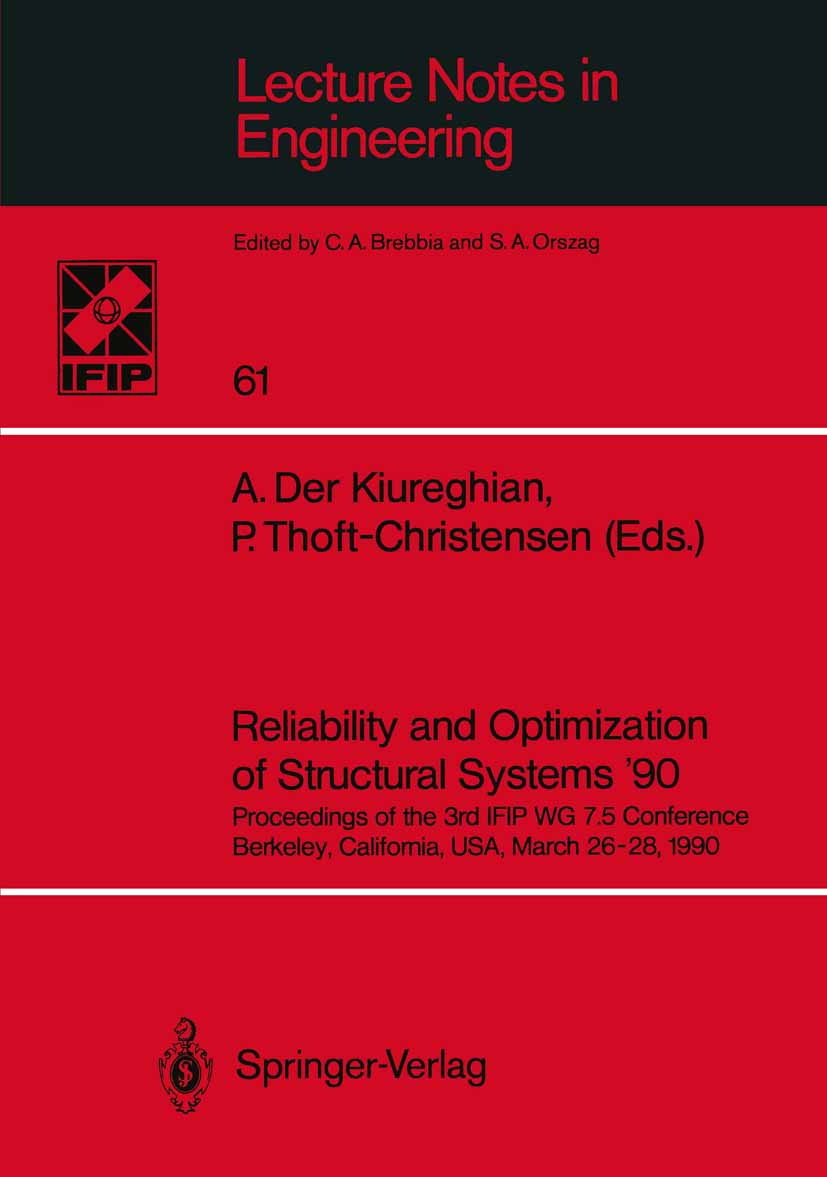
Reliability and Optimization of Structural Systems ’90 This proceedings volume contains 33 papers presented at the 3rd Working Conference on "Rel iability and Optimization of Structural Systems", held at the University of California, Berkeley, California, USA, March 26 -28, 1990. The Working Conference was organised by the IFIP (Inter national Federation for Information Processing) Working Group 7.5 of Technical Committee 7 and was the third in a series, following similar conferences held at the University of Aalborg, Denmark, May 1987 and at the Imperial College, London, UK, September 1988. The Working Conference was attended by 48 participants from 12 countries. The objectives of Working Group 7.5 are: • to promote modern structural systems optimization and reliability theory, • to advance international cooperation in the field of structural system optimization and reliability theory, • to stimulate research, development and application of structural system optimization and reli ability theory, • to further the dissemination and exchange of information on reliability and optimization of structural systems • to encourage education in structural system optimization and reliability theory. At present the members of the Working Group are: A. H.-S. Ang, U.S.A. G. A ugusti, Italy M. J. Baker, United Kingdom P. Bjerager, Norway R. B. Corotis, U.S.A. C. A. Cornell, U.S.A. M. Grigoriu, U.S.A. A. Der Kiureghian, U.S.A. O. Ditlevsen, Denmark D. M. Frangopol, U.S.A. S. Garribba, Italy H. Furuta, Japan M. R. Gorman, U.S.A. M. Grimmelt, Germany, F. R. TECHNOLOGY & ENGINEERING,Civil,General
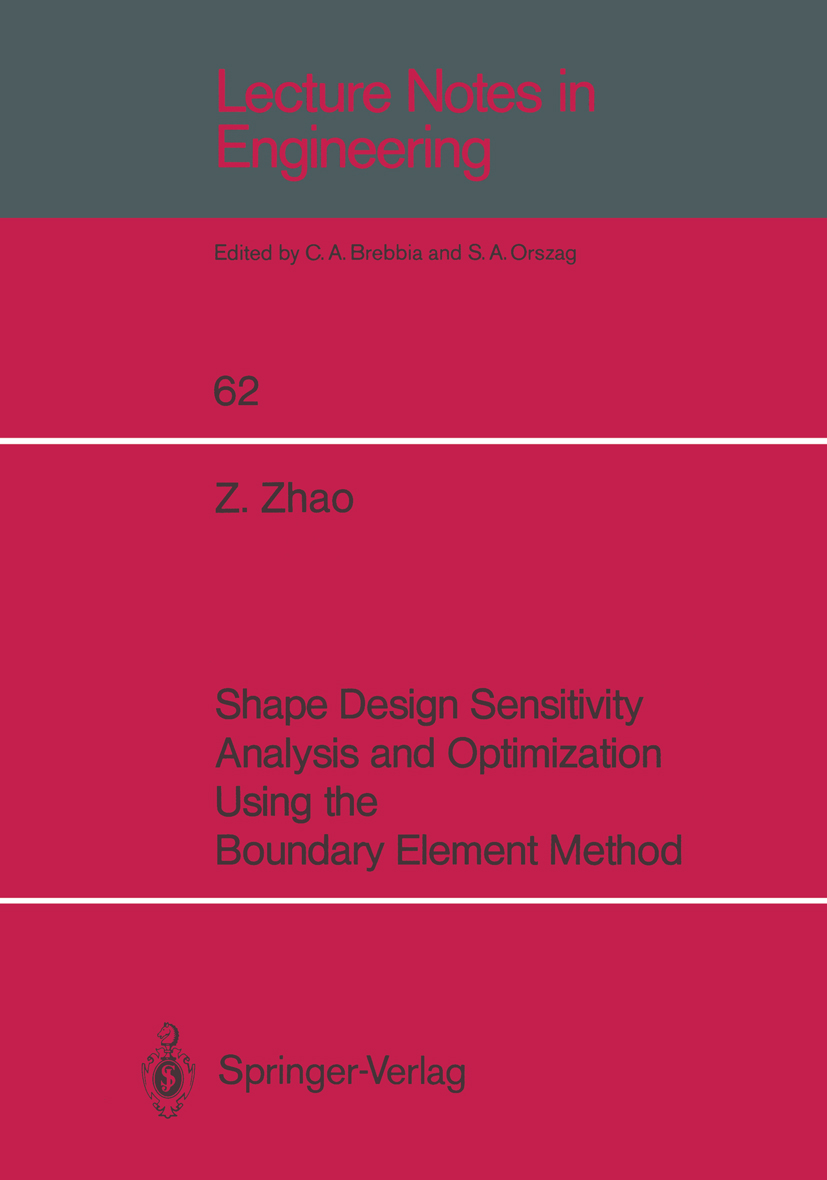
Shape Design Sensitivity Analysis and Optimization Using the Boundary Element Method This book investigates the various aspects of shape optimization of two dimensional continuum structures, including shape design sensitivity analysis, structural analysis using the boundary element method (BEM), and shape optimization implementation. The book begins by reviewing the developments of shape optimization, followed by the presentation of the mathematical programming methods for solving optimization problems. The basic theory of the BEM is presented which will be employed later on as the numerical tool to provide the structural responses and the shape design sensitivities. The key issue of shape optimization, the shape design sensitivity analy sis, is fully investigated. A general formulation of stress sensitivity using the continuum approach is presented. The difficulty of the modelling of the ad joint problem is studied, and two approaches are presented for the modelling of the adjoint problem. The first approach uses distributed loads to smooth the concentrated adjoint loads, and the second approach employs the singu larity subtraction method to remove the singular boundary displacements and tractions from the BEM equation. A novel finite difference based approach to shape design sensitivity is pre sented, which overcomes the two drawbacks of the conventional finite difference method. This approach has the advantage of being simple in concept, and eas ier implementation. A shape optimization program for two-dimensional continuum structures is developed, including structural analysis using the BEM, shape design sensitiv ity analysis, mathematical programming, and the design boundary modelling. TECHNOLOGY & ENGINEERING,Civil,General
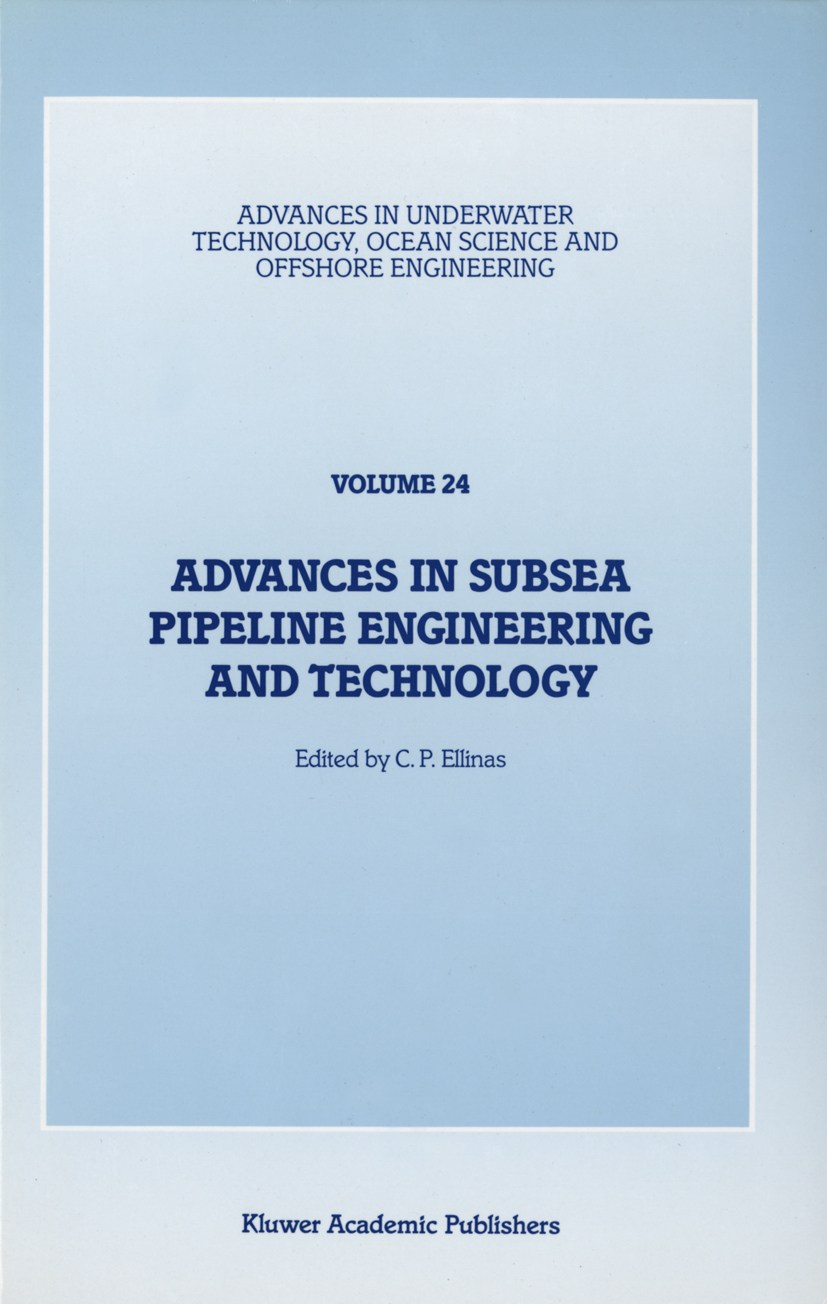
Advances in Subsea Pipeline Engineering and Technology Papers Presented at Aspect '90, a Conference organized by the Society for Underwater Technology and held on May 30-31, 1990, Aberdeen, Scotland TECHNOLOGY & ENGINEERING,Civil,General
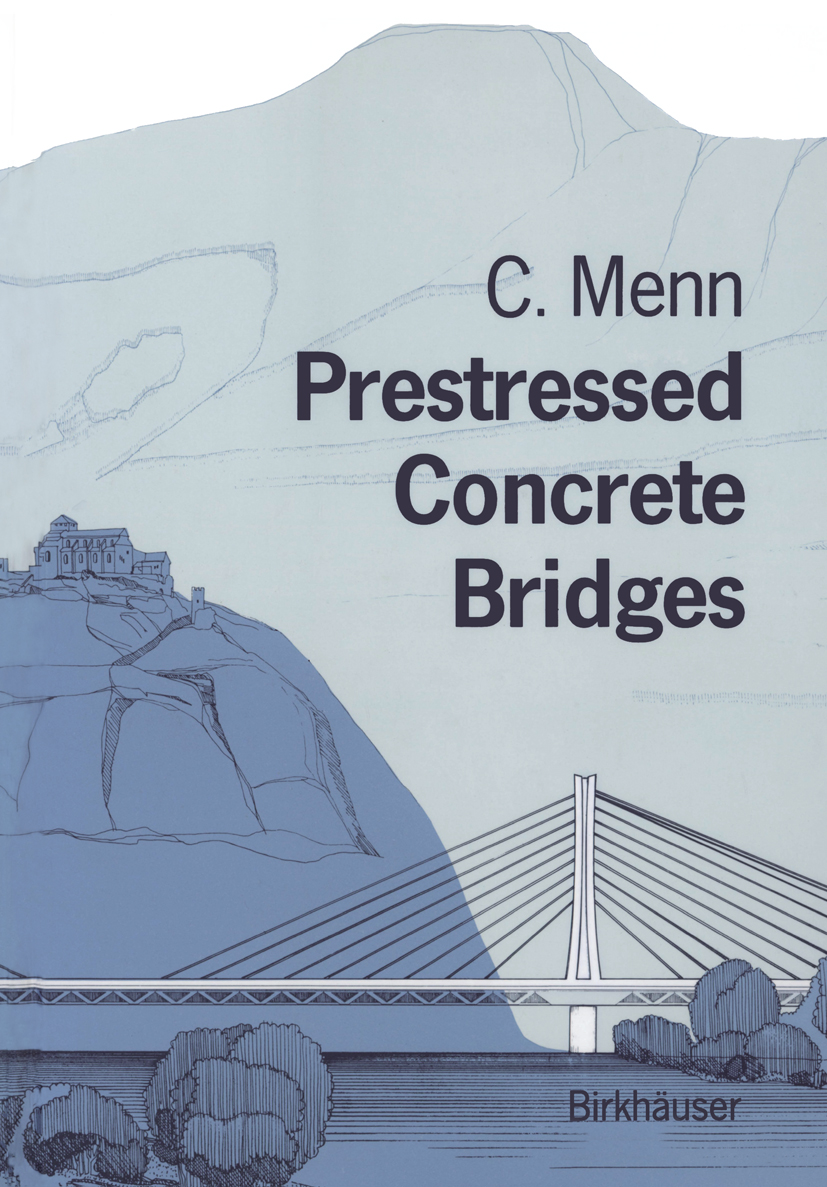
Prestressed Concrete Bridges This book was written to make the material presented in my book, Stahlbetonbrucken, accessible to a larger number of engineers throughout the world. A work in English, the logical choice for this task, had been contemplated as Stahlbetonbrucken was still in its earliest stages of preparation. The early success of Stahlbetonbrucken provided significant impetus for the writing of Prestressed Concrete Bridges, which began soon after the publication of its predecessor. The present work is more than a mere translation of Stahlbetonbrucken. Errors in Stahlbetonbrucken that were detected after publication have been corrected. New material on the relation between cracking in concrete and corrosion of reinforce ment, prestressing with unbonded tendons, skew-girder bridges, and cable-stayed bridges has been added. Most importantly, however, the presentation of the material has been extensively reworked to improve clarity and consistency. Prestressed Concrete Bridges can thus be regarded as a thoroughly new and improved edition of its predecessor. TECHNOLOGY & ENGINEERING,Civil,General

Japanese Construction The 1970s and 1980s have been marked by turbulent times for certain portions of America's industrial base, as their dominance of many do mestic and foreign markets has eroded. During such times of stress it is tempting to create scapegoats in order to rationalize shortcomings. Much is heard about the Japanese in this regard. How they have contributed to the deterioration of specific segments of American indus try, how jobs in the U. S. are being lost to foreign competition, and how the resulting trade deficit will be the downfall of us all. Much of this rhetoric has been directed against the Japanese automobile manu facturers and the Japanese electronic industry, which has been accused of "dumping" product into the United States. It was not until Japan unveiled its plan to build the multi-billion dollar Kansai Airport project that Japanese restrictive bidding practices in their domestic construction market became headline news. Construc tion then became a popular subject for "Japan Bashing" and attention was focused on the activities of Japanese contractors around the world, and, more particularly, on their involvement in the U. S. construction market. Well, the Japanese construction companies are in the United States and have been for some time. They have been awarded many contracts for federal and municipal construction projects and they have negotiated a significant number of construction contracts in the private sector. TECHNOLOGY & ENGINEERING,Civil,General
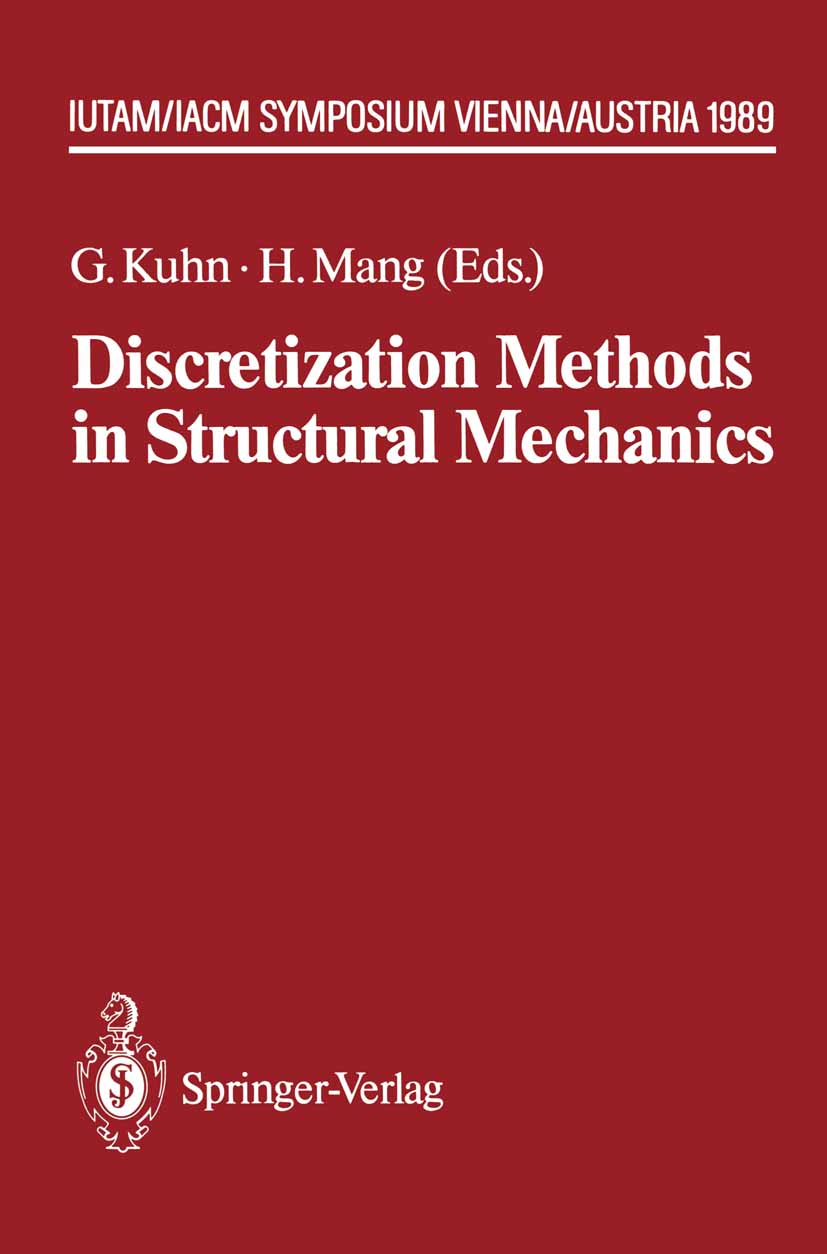
Discretization Methods in Structural Mechanics The advent of the digital computer has given great impetus to the development of modern discretization methods in structural mechanics. The young history of the finite element method (FEM) reflects the dramatic increase of computing speed and storage capacity within a relatively short period of time. The history of the boundary element method (BEM) is still younger. Presently, intense scientific efforts aimed at extending the range of application of the BEM can be observed. More than 10 years ago, O.C. Zienkiewicz and his co-workers published the first papers on the coupling of FE and BE discretizations of subregions of solids for the purpose of exploiting the complementary advantages of the two discretization methods and reducing their disadvantages. The FEM has revolutionized structural analysis in industry as well as academia. The BEM has a fair share in the continuation of this revolution. Both discretization methods have become a domain of vigorous, world-wide research activities. The rapid increase of the number of specialized journals and scientific meetings indicates the remarkable increase of research efforts in this important subdolll.ain of computational ulechanics. Several discussions of this situation in the Committee for Discretization Methods ill Solid Mechanics of the Society for Applied Mathematics and Mechanics (GAMM) resulted in the plan to submit a proposal to the General Assembly of the International Union of Theoretical and Applied Mechanics (IUTAM) to sponsor a pertinent IUTAM Symposium. TECHNOLOGY & ENGINEERING,Civil,General
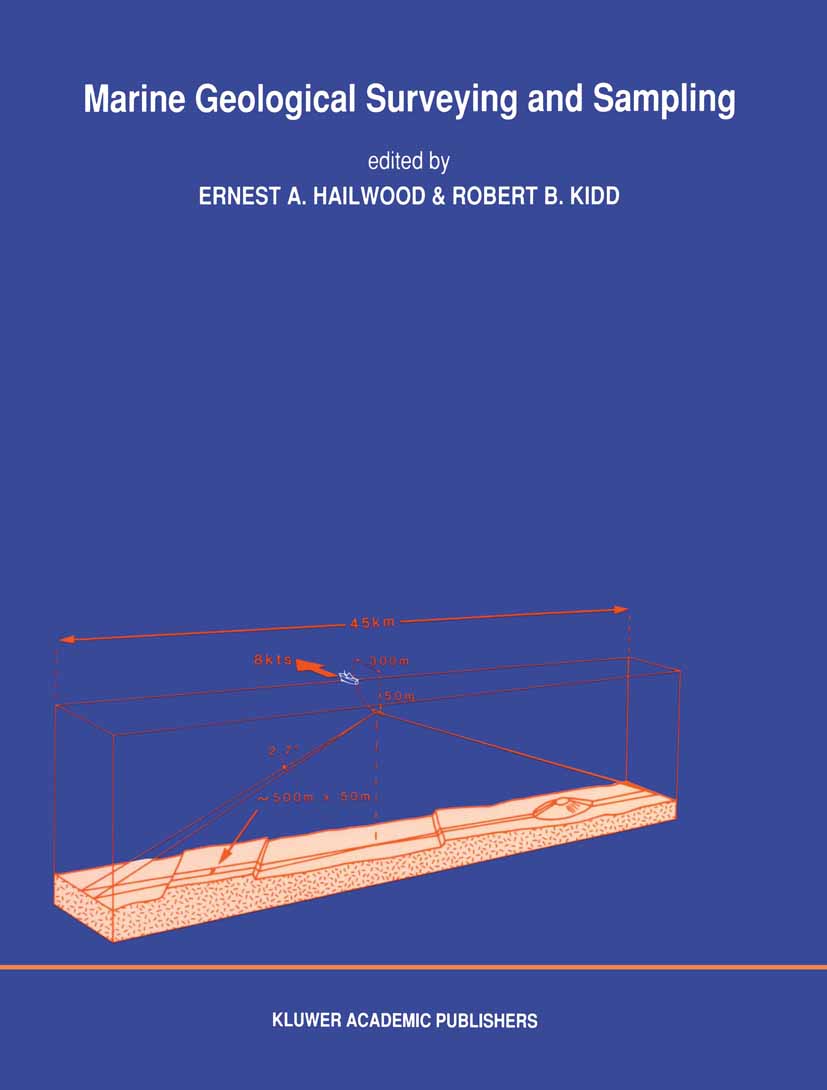
Marine Geological Surveying and Sampling This collection of papers originates from a meeting are in current use on board UK research vessels. organized in May 1988 at the Geological Society, Marine geological exploration requires information under three further headings: (i) the "shape" of the London, under the auspices of its Marine Studies Group. The meeting was concerned with reviewing sea floor, (ii) the nature of the rocks and sediments the present state-of-the-art of marine geological and which lie at its surface, and (iii) the nature of deeper geophysical sampling and surveying techniques. structures. Studies of the shape of the sea floor The pace of scientific exploration of the ocean (bathymetry) are based primarily on echo sounder basins has increased dramatically over the past few and side-scan sonar surveying. Technology in this decades in response to interest in the global tectonic field has seen major advances over the past two processes which control their long-term evolution decades, with the development of new ceramic ma and the regional and local sedimentary and tectonic terials to provide more efficient and powerful trans ducers, the increasing use of digital data processing processes which shape them, as well as more practi cal questions such as the nature and extent of off techniques to improve the quality of the signal from shore mineral resources, problems of waste disposal the sea floor, and the introduction of new design at sea and the response of sea level to global climatic concepts to provide higher resolution records. TECHNOLOGY & ENGINEERING,Civil,General
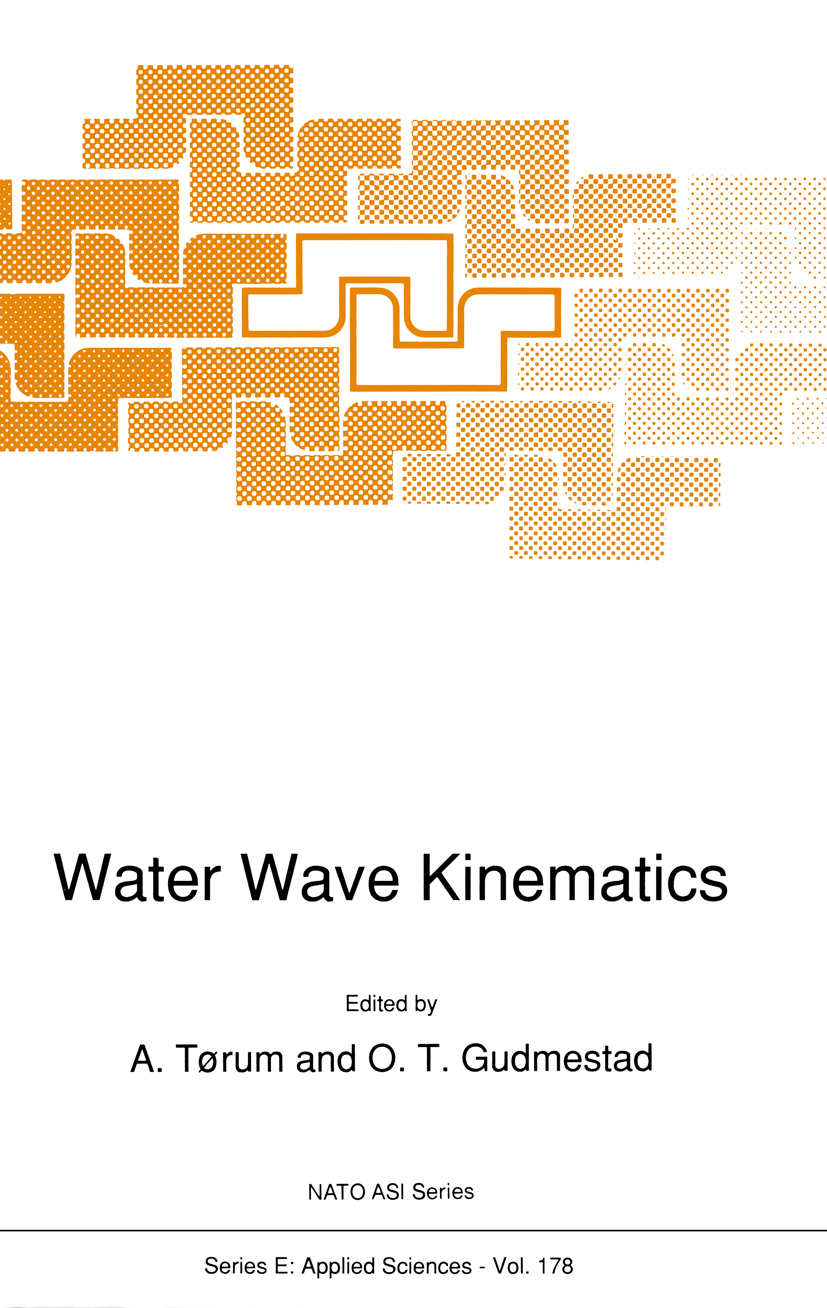
Water Wave Kinematics Proceedings of the NATO Advanced Research Workshop, Molde, Norway, May 22-25, 1989 TECHNOLOGY & ENGINEERING,Civil,General
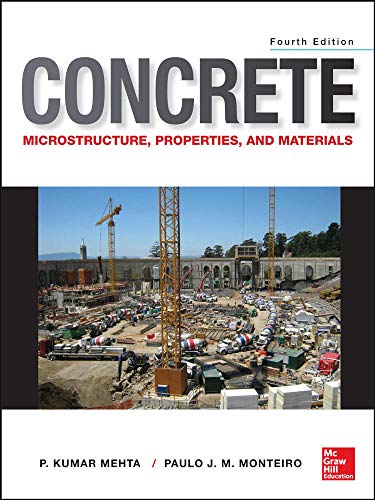
Concrete THE MOST COMPREHENSIVE AND CURRENT GUIDE TO THE PROPERTIES, BEHAVIOR, AND TECHNOLOGY OF CONCRETE This thoroughly updated edition contains new information on: Recently built construction projects worldwide Shrinkage-reducing admixtures Self-consolidating concrete, pervious concrete, internal curing, and other cutting-edge innovations Modeling of ice formation and alkali-aggregate reaction in concrete Environmental impact of concrete Each chapter begins with a preview of the contents and ends with a self-test and a guide for further reading. More than 300 drawings and photographs illustrate the topics discussed in this definitive text on concrete. Comprehensive coverage includes: Microstructure of concrete Strength Dimensional stability Durability Hydraulic cements Aggregates Admixtures Proportioning concrete mixtures Concrete at early age Nondestructive methods Progress in concrete technology Advances in concrete mechanics Global warming and concrete in the future TECHNOLOGY & ENGINEERING,Civil,General
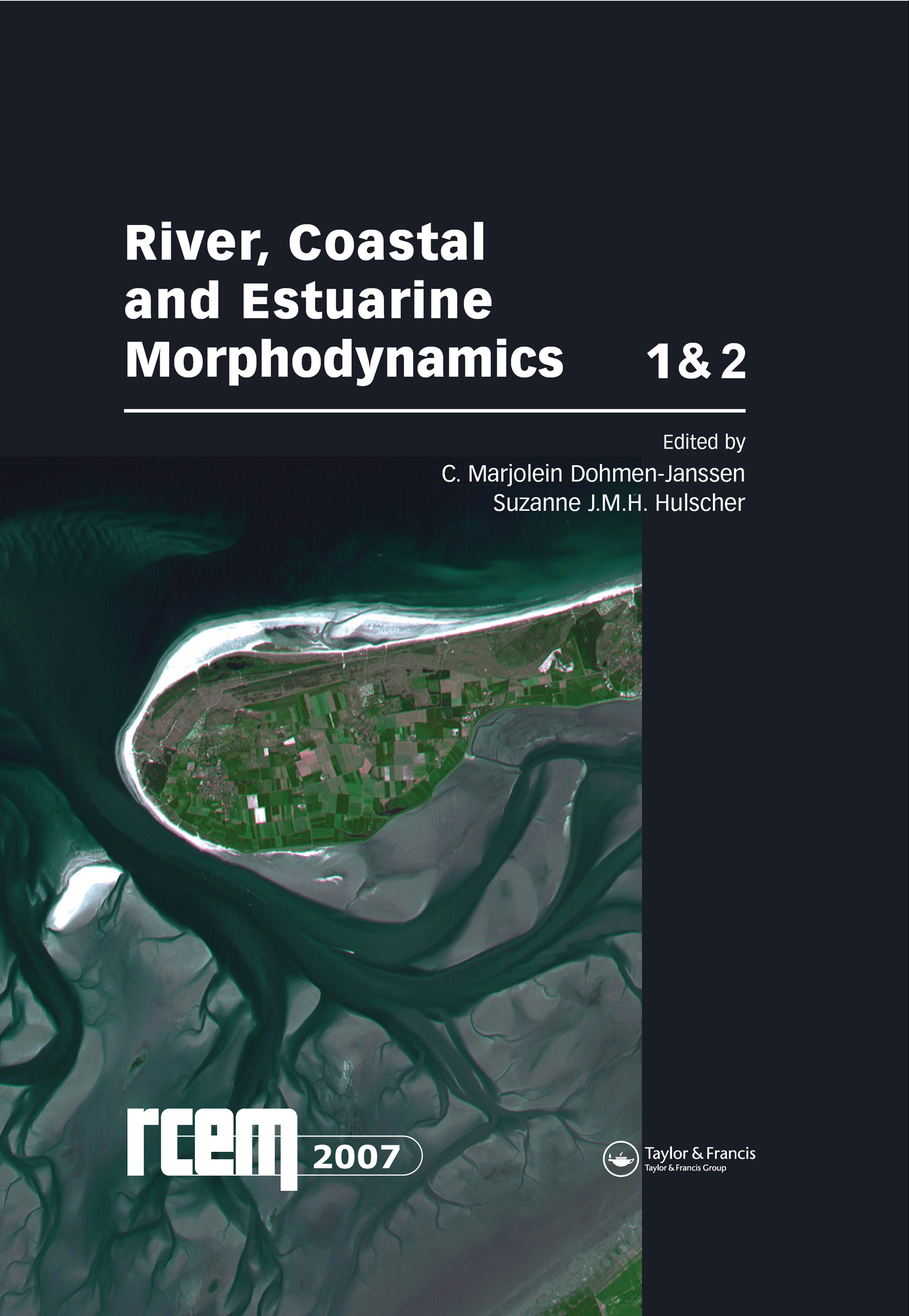
River, Coastal and Estuarine Morphodynamics Around the world, many people live, work and recreate in river, estuarine and coastal areas, systems which are also important wildlife habitats. It is imperative to understand the physics of such systems. A key element here is morphodynamics: the mutual interaction and adjustment of landform topography and fluid dynamics involving the motion of sed TECHNOLOGY & ENGINEERING,Civil,General
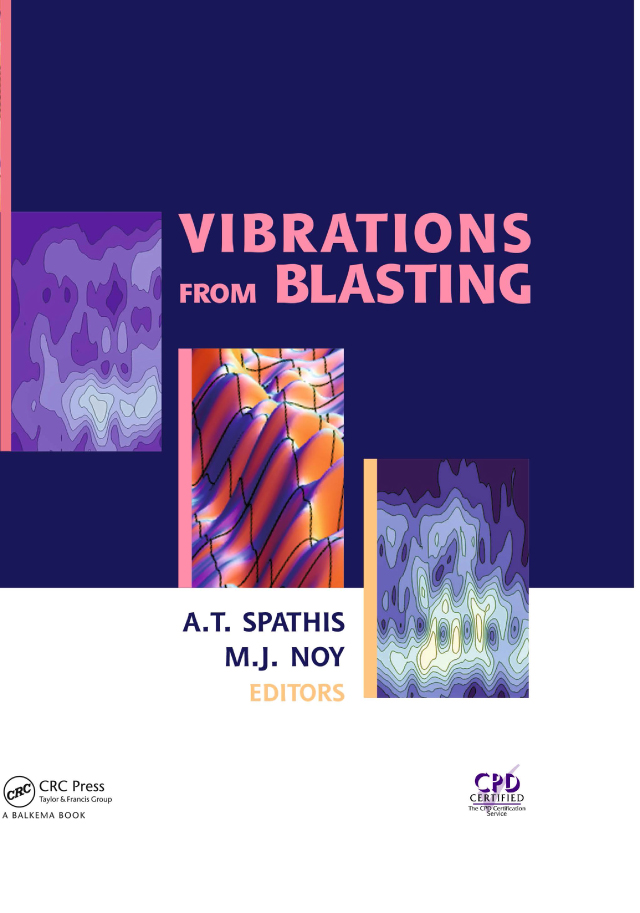
Vibrations from Blasting Collection of excellent articles presenting the latest developments in blast vibration measurements, modeling and mitigation techniques. Includes contributions on novel environmentally-induced vs blast-induced movements, non-conventional geophysical processing techniques, new modeling approaches, mitigation techniques using smarter blasting methods TECHNOLOGY & ENGINEERING,Civil,General

Geotechnical Design for Sublevel Open Stoping The first comprehensive work on one of the most important underground mining methods worldwide, Geotechnical Design for Sublevel Open Stoping presents topics according to the conventional sublevel stoping process used by most mining houses, in which a sublevel stoping geometry is chosen for a particular mining method, equipment availability, and wo TECHNOLOGY & ENGINEERING,Civil,General
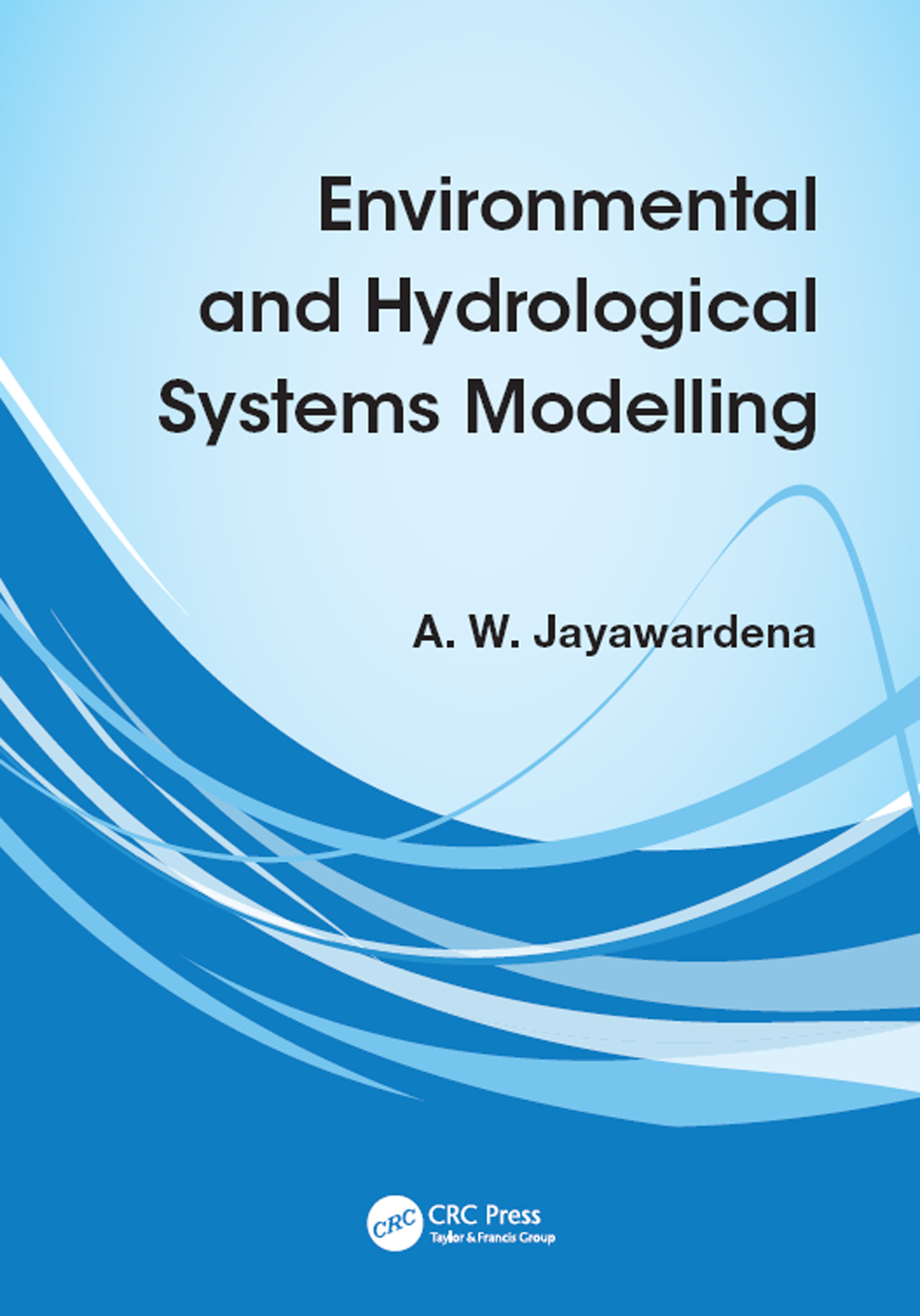
Environmental and Hydrological Systems Modelling Mathematical modelling has become an indispensable tool for engineers, scientists, planners, decision makers and many other professionals to make predictions of future scenarios as well as real impending events. As the modelling approach and the model to be used are problem specific, no single model or approach can be used to solve all problems, and there are constraints in each situation. Modellers therefore need to have a choice when confronted with constraints such as lack of sufficient data, resources, expertise and time. Environmental and Hydrological Systems Modelling provides the tools needed by presenting different approaches to modelling the water environment over a range of spatial and temporal scales. Their applications are shown with a series of case studies, taken mainly from the Asia-Pacific Region. Coverage includes: Population dynamics Reaction kinetics Water quality systems Longitudinal dispersion Time series analysis and forecasting Artificial neural networks Fractals and chaos Dynamical systems Support vector machines Fuzzy logic systems Genetic algorithms and genetic programming This book will be of great value to advanced students, professionals, academics and researchers working in the water environment. TECHNOLOGY & ENGINEERING,Civil,General
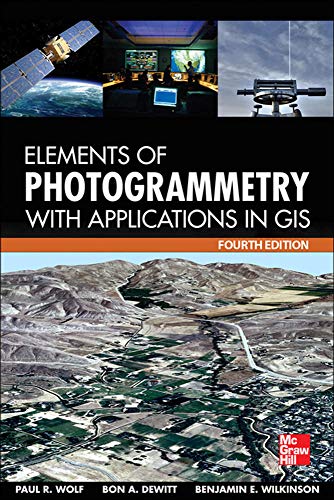
Elements of Photogrammetry with Application in GIS, Fourth Edition The definitive guide to photogrammetry--fully updatedThoroughly revised to cover the latest technological advances in the field, Elements of Photogrammetry with Applications in GIS, Fourth Edition, provides complete details on the foundational principles of photogrammetry as well as important advanced concepts. Significant changes in the instruments and procedures used in modern photogrammetry, including laser scanning, are discussed. Example problems clarify computational procedures and extensive photographs and diagrams illustrate the material presented in this comprehensive resource. Coverage includes: Principles of photography and imaging Cameras and other imaging devices Image measurements and refinements Object space coordinate systems Vertical photographs Stereoscopic viewing Stereoscopic parallax Stereoscopic plotting instruments Laser scanning systems Elementary methods of planimetric mapping for GIS Titled and oblique photographs Introduction to analytical photogrammetry Topographic mapping and spatial data collection Fundamental principles of digital image processing Photogrammetric applications in GIS Control for aerial photogrammetry Aerotriangulation Project planning Terrestrial and close-range photogrammetry TECHNOLOGY & ENGINEERING,Civil,General
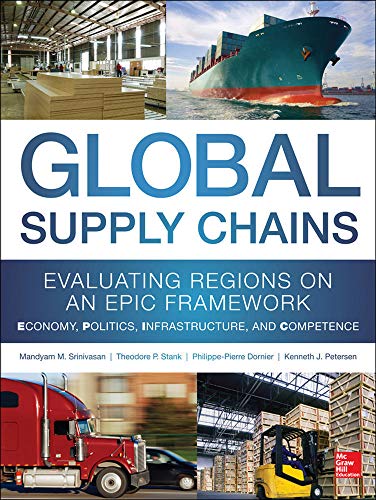
Global Supply Chains A proven framework for measuring the supply chain potential of geographic regions Managing a complex global supply chain requires a strategic assessment of the various factors that can affect decisions on procurement, manufacturing, warehousing, logistics, distribution, and sales. Co-written by renowned experts in global supply chain management, this book presents a systematic, structured approach to evaluating ten global regions with respect to their supply chain activities. The maturity level for each region is assessed using the EPIC framework--Economy, Politics, Infrastructure, and Competence. Managers of supply chains can use this framework and the exclusive data in this practical, timely resource to identify the strengths, weaknesses, opportunities, and threats of the different global regions and determine their supply chain strategies accordingly. Global Supply Chains analyzes ten regions: East Asia South Asia Southeast Asia Australia The Middle East and North Africa (MENA) Sub-Saharan Africa (SSA) Western Europe Central and Eastern Europe North and Central America South America TECHNOLOGY & ENGINEERING,Civil,General
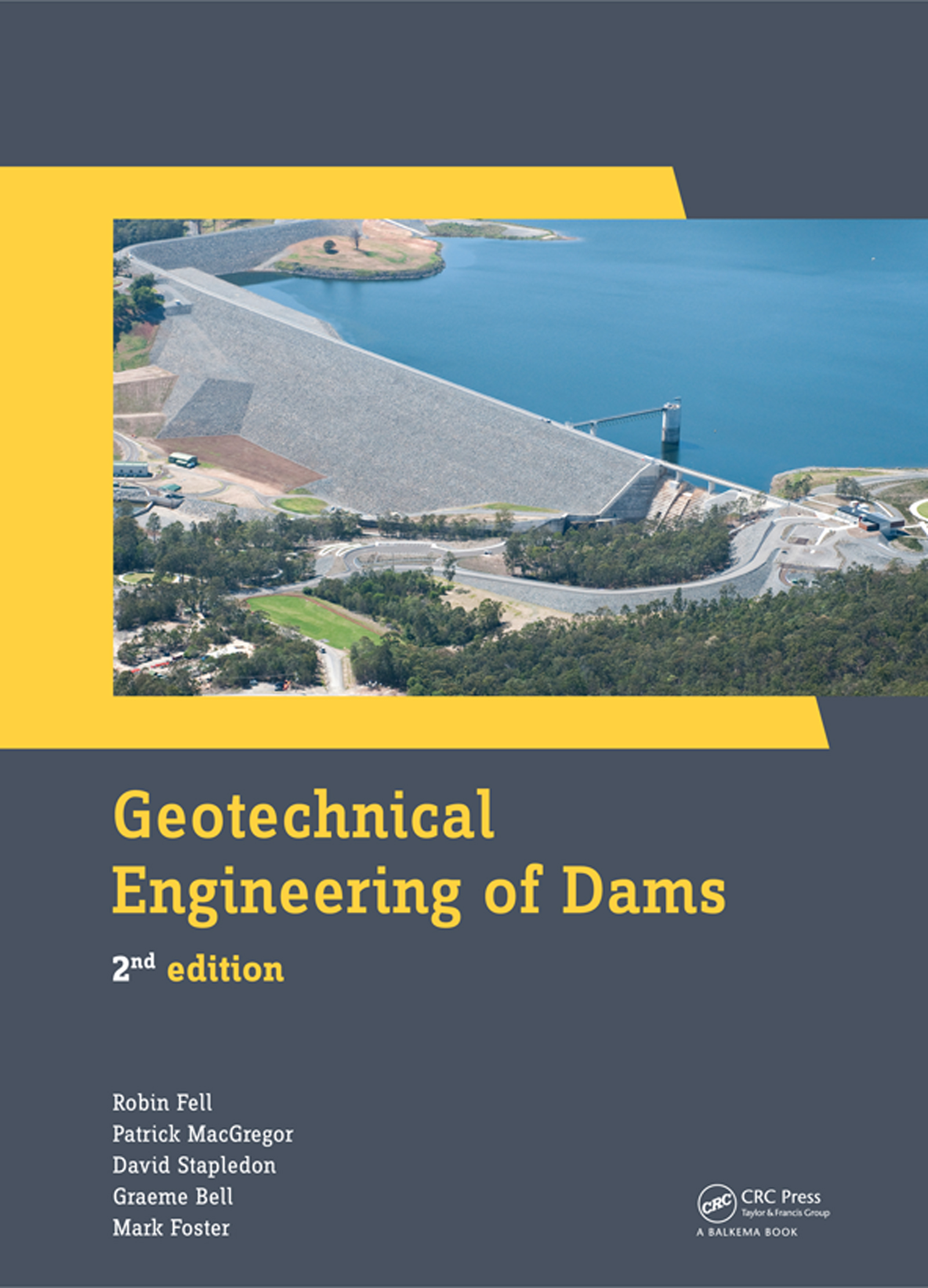
Geotechnical Engineering of Dams Geotechnical Engineering of Dams, 2nd edition provides a comprehensive text on the geotechnical and geological aspects of the investigations for and the design and construction of new dams and the review and assessment of existing dams. The main emphasis of this work is on embankment dams, but much of the text, particularly those parts related to geology, can be used for concrete gravity and arch dams. All phases of investigation, design and construction are covered. Detailed descriptions are given from the initial site assessment and site investigation program through to the preliminary and detailed design phases and, ultimately, the construction phase. The assessment of existing dams, including the analysis of risks posed by those dams, is also discussed. This wholly revised and significantly expanded 2nd edition includes a lengthy new appendix on the assessment of the likelihood of failure of dams by internal erosion and piping. This valuable source on dam engineering incorporates the 200+ years of collective experience of the authors in the subject area. Design methods are presented in combination with their theoretical basis, to enable the reader to develop a proper understanding of the possibilities and limitations of a method. For its practical, well-founded approach, this work can serve as a useful guide for professional dam engineers and engineering geologists and as a textbook for university students. TECHNOLOGY & ENGINEERING,Civil,General
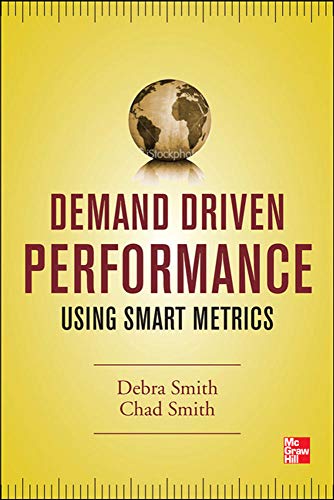
Demand Driven Performance Implement demand driven smart metrics to drive and sustain dramatic gains in flow and improve ROI performance What if the objective of minimizing unit product cost that is hard coded into all reporting and measurement systems is simply "bad math" that drives decisions and actions that destroy ROI? In today's volatile, globally competitive environment, new decision-making tools are required to monitor, measure, and improve total organizational performance. Adherence to "old" operational rules, tools, and behaviors is killing competitiveness in most enterprises. A fundamental shift is required. Cowritten by internationally recognized experts in the field, Demand Driven Performance explains why current measurement forms must be replaced. The authors present a demand driven blueprint and the smart metrics to maximize flow and ROI. "The methods described in this book worked in one of the most complex manufacturing operations that you can imagine with very effective results." -- From the Foreword by Dan Eckermann, former President and CEO, LeTourneau Technologies, Inc. THIS PRACTICAL, TIMELY GUIDE OFFERS: The case against conventional unitcost-focused metrics, and proof of their negative effects The new rules needed to succeed in the complex and volatile global demand and supply landscape Historical perspectives on flow, cost, and rise and demise of management accounting The evolution of flow and ROI as strategy A case study--the Boeing Dreamliner Instructions on how to design and implement a demand driven information system The smart metrics required to sustain and drive improvements in demand driven operating models TECHNOLOGY & ENGINEERING,Civil,General

Roark's Formulas for Stress and Strain, 8th Edition THE MOST COMPLETE, UP-TO-DATE GUIDE TO STRESS AND STRAIN FORMULAS Fully revised throughout, Roark's Formulas for Stress and Strain, Eighth Edition, provides accurate and thorough tabulated formulations that can be applied to the stress analysis of a comprehensive range of structural components. All equations and diagrams of structural properties are presented in an easy-to-use, thumb, through format. This extensively updated edition contains new chapters on fatigue and fracture mechanics, stresses in fasteners and joints, composite materials, and biomechanics. Several chapters have been expanded and new topics have been added. Each chapter now concludes with a summary of tables and formulas for ease of reference. This is the definitive resource for designers, engineers, and analysts who need to calculate stress and strain management. ROARK'S FORMULAS FOR STRESS AND STRAIN, EIGHTH EDITION, COVERS: Behavior of bodies under stress Principles and analytical methods Numerical and experimental methods Tension, compression, shear, and combined stress Beams; flexure of straight bars Bending of curved beams Torsion Flat plates Columns and other compression members Shells of revolution; pressure vessels; pipes Bodies in contact undergoing direct bearing and shear stress Elastic stability Dynamic and temperature stresses Stress concentration factors Fatigue and fracture mechanics Stresses in fasteners and joints Composite materials Biomechanics TECHNOLOGY & ENGINEERING,Civil,General
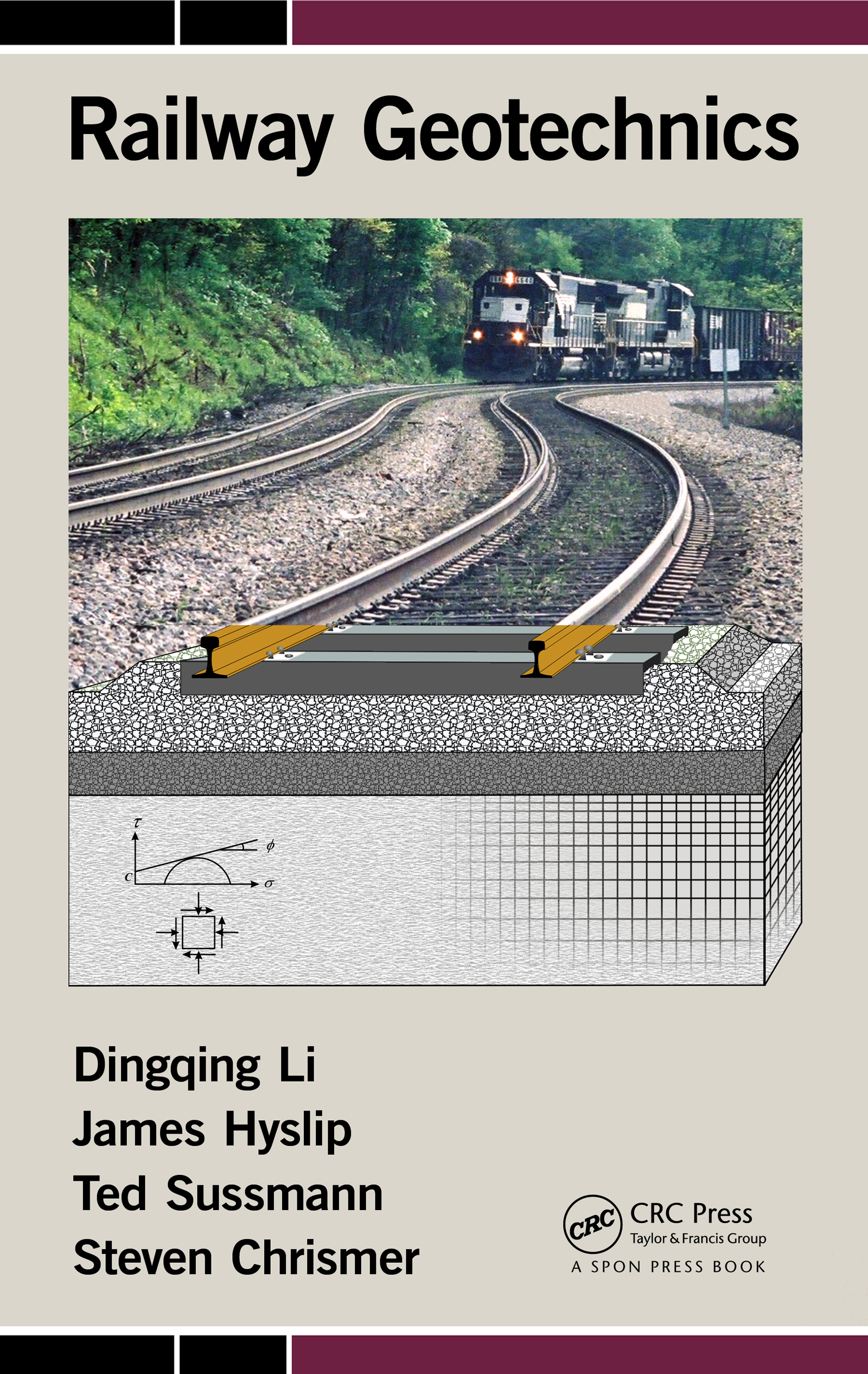
Railway Geotechnics Links Geotechnics with Railway Track Engineering and Railway Operation Good railway track and railway operations depend on good geotechnics, in several different ways and at varying levels. Railway Geotechnics covers track, track substructure, load environment, materials, mechanics, design, construction, measurements, and management. Illustrated by TECHNOLOGY & ENGINEERING,Civil,General
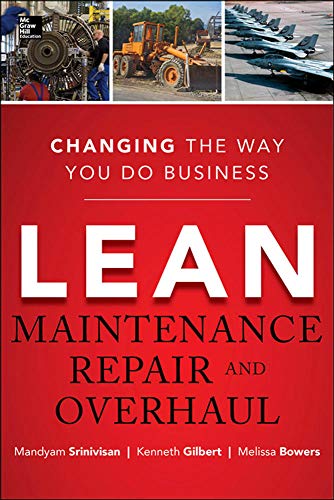
Lean Maintenance Repair and Overhaul BOOST PROFITS AND REDUCE COSTS BY EFFICIENTLY DELIVERING SUPERIOR MRO SERVICES Lean Maintenance Repair and Overhaul describes how MRO organizations can achieve significant improvement in financial performance by applying the Theory of Constraints (TOC) to guide the implementation of Lean manufacturing tools. This Lean/TOC approach facilitates a growth strategy by providing customer value, such as faster turnaround times, that the competition cannot match. Lean/TOC creates the capacity for this growth by eliminating waste. This practical guide shows how Lean/TOC also provides the improvement strategy for dealing with the variation that distinguishes MRO from high-volume, repetitive manufacturing. The methodology expands the improvement efforts beyond the manufacturing floor to make the organizational changes needed to facilitate growth and to empower the workforce to be enthusiastic participants in the improvement processes. You will learn how these concepts have been applied to MRO organizations in the commercial and defense sectors. COMPREHENSIVE COVERAGE INCLUDES: The MRO business opportunity The goal of Lean and how Lean for MRO is different Achieving sustained growth in the MRO business Managing the MRO process Enabling flow in an MRO environment The Lean MRO toolkit Managing the back-shops Creating a visual culture for the implementation of Lean/TOC TECHNOLOGY & ENGINEERING,Civil,General
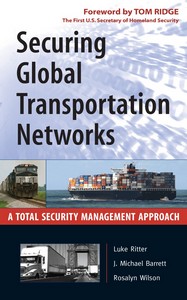
Securing Global Transportation Networks Viable, value-creating solutions for securing global transportation networks Securing Global Transportation Networks demonstrates how improved security processes can create value across all the business functions throughout an entire value chain. Readers will learn a whole new security management philosophy, as explained through domestic and international examples and case studies ranging from major retailers such as Home Depot to shipping giants such as Maersk and FedEx. This book also looks ahead to future developments and "best practices" for the future. If you're charged with making or evaluating transportation security decisions, you'll find the tools you need to succeed -- and prosper -- with the Total Security Management approach. Explains globalization's impact on transportation networks Creates a framework for realizing a return on security investments by integrating it as a core business process Details how transportation firms, investors, and insurance companies can measure and reward smart security practices that protect a firm's fixed assets, assets in transit, brand equity and goodwill, and human capital TECHNOLOGY & ENGINEERING,Civil,General
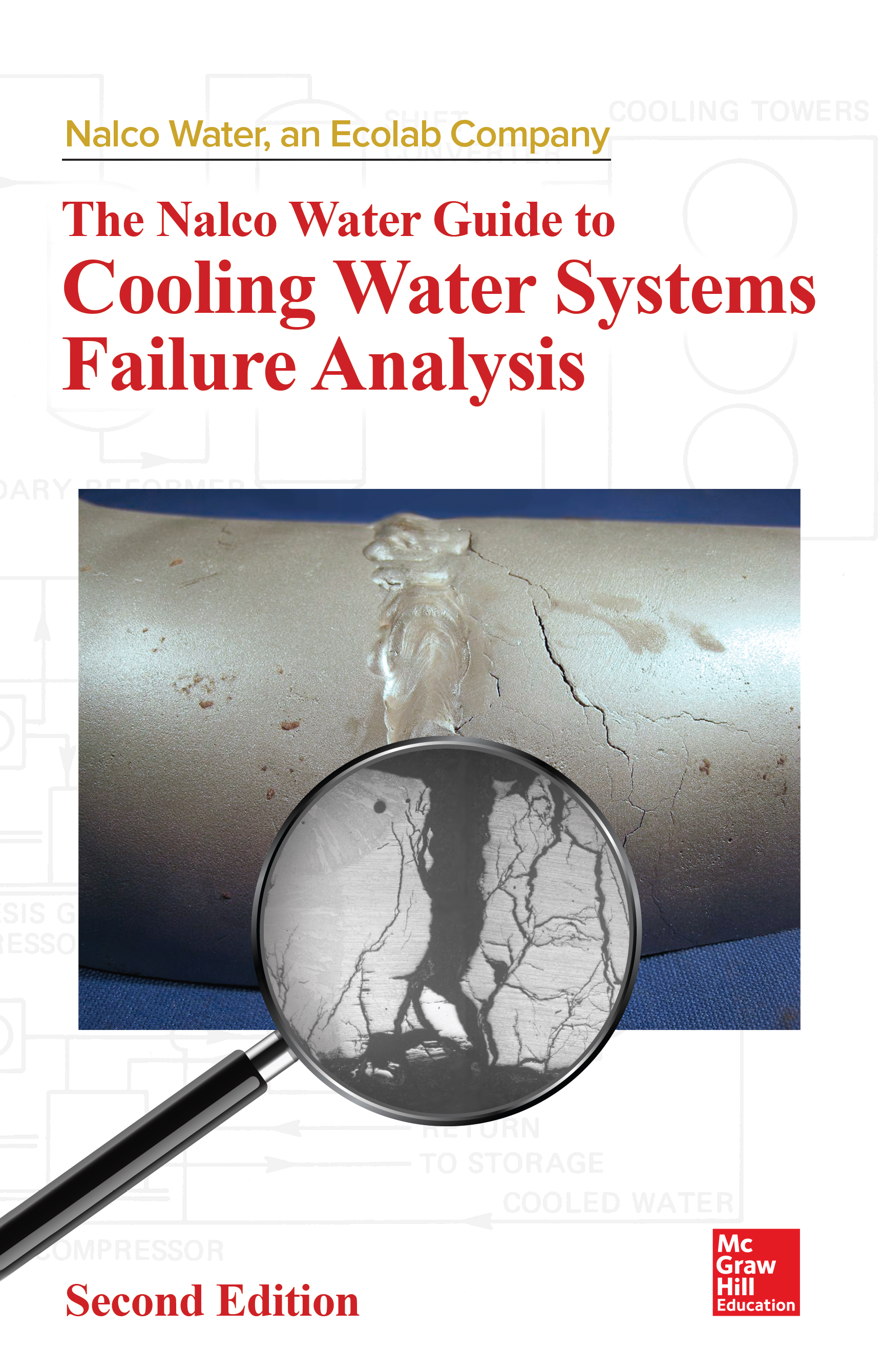
The Nalco Water Guide to Cooling Water Systems Failure Analysis, Second Edition Publisher's Note: Products purchased from Third Party sellers are not guaranteed by the publisher for quality, authenticity, or access to any online entitlements included with the product. The Most Complete, Current Guide to Failure Analysis for Cooling Water Systems Fully updated for the latest technologies and techniques, this new edition describes proven procedures for determining the root cause of cooling system failure, correcting the problem, and preventing future occurrences.The first section covers cooling water system design and operation and features ten new chapters on the various materials most commonly found in cooling systems. The remaining four sections discuss waterside corrosion, cracking, mechanical damage, and material and design issues. This authoritative resource explains how to identify failure locations and mechanisms, recognize critical factors influencing failure, carry out inspection procedures, and implement preventive measures to reducedamage. Illustrative case histories are provided in each chapter. The Nalco Guide to Cooling Water Systems Failure Analysis, Second Edition, covers: Carbon and alloy steel Cast iron Stainless steel Copper alloys Aluminum alloys Corrosion-resistant alloys Coatings Nonmetallic materials Brazed and soldered joints Corrosion monitoring Crevice and underdeposit corrosion Oxygen corrosion Biologically influenced corrosion Acid corrosion Alkaline corrosion Galvanic corrosion Dealloying Intergranular corrosion Graphitic corrosion Localized and pitting corrosion Corrosion fatigue Stress corrosion cracking Erosion-corrosion Cavitation Manufacturing defects Weld defects Design and operating conditions TECHNOLOGY & ENGINEERING,Civil,General

Englisch für Architekten und Bauingenieure - English for Architects and Civil Engineers Das Tätigkeitsfeld des Planers im Baugeschehen wird zunehmend internationaler; somit gewinnt Englisch als Kommunikationssprache weltweit an Bedeutung. Das praxisnahe Buch ist in die einzelnen Planungs- und Ausführungsphasen aufgeteilt und garantiert damit ein schnelles und gezieltes Nachschlagen während eines Bauprojektes. Übungen zu Fachbegriffen, ausgewählter Grammatik und Businessenglisch, ein Vokabelteil und praktische Tipps für die Bewerbung im Ausland ergänzen das Lehrbuch, das sowohl für das Selbststudium als auch kursbegleitend eingesetzt werden kann. Die 4. Auflage wurde überarbeitet und um ein Kapitel, das sich ausschließlich den Baustoffen widmet, erweitert. Es beschäftigt sich vor allem mit den drei meist verwendeten Baustoffen: Beton, Stahl und Holz, wirft allerdings auch ein Blick auf intelligente Baustoffe und deren Anwendung. Das Kapitel „Sustainability“, eine Neuerung in der 3. Auflage, ist weiterhin als E-Learning Modul für alle Kunden des Buches nutzbar. TECHNOLOGY & ENGINEERING,Civil,General
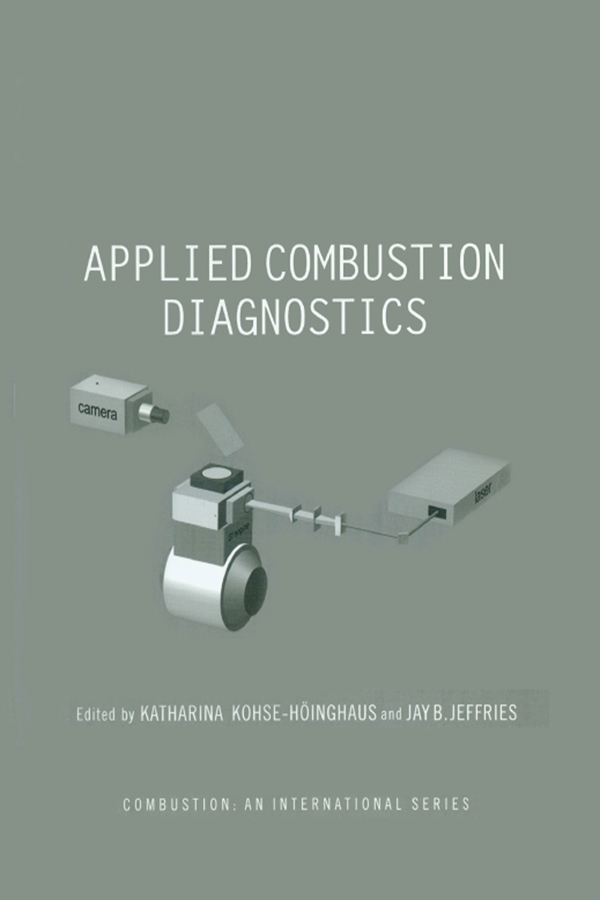
Applied Combustion Diagnostics The editors have assembled a world-class group of contributors who address the questions the combustion diagnostic community faces. They are chemists who identify the species to be measured and the interfering substances that may be present; physicists, who push the limits of laser spectroscopy and laser devices and who conceive suitable measuremen TECHNOLOGY & ENGINEERING,Civil,General
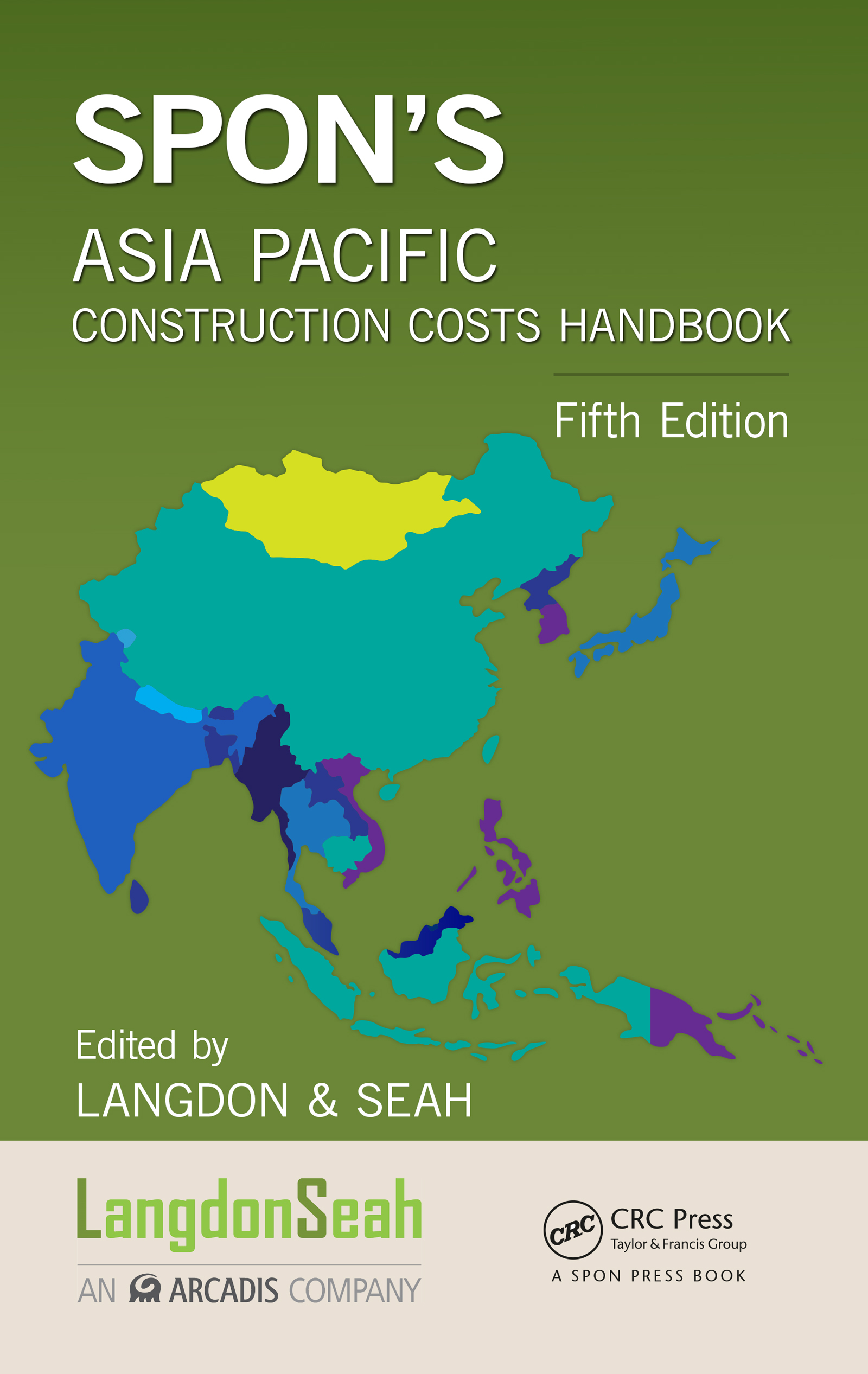
Spon's Asia Pacific Construction Costs Handbook Highlights the Economies and Construction Industries of the Asia-Pacific Region Spon's Asia-Pacific Construction Costs Handbook: Fifth Edition provides overarching construction cost data for 16 countries: � Brunei� Cambodia� China� Hong Kong� India� Indonesia� Japan� Malaysia� Myanmar� Philippines� Singapore� South Korea� Sri Lanka� Taiwan� Thailan TECHNOLOGY & ENGINEERING,Civil,General
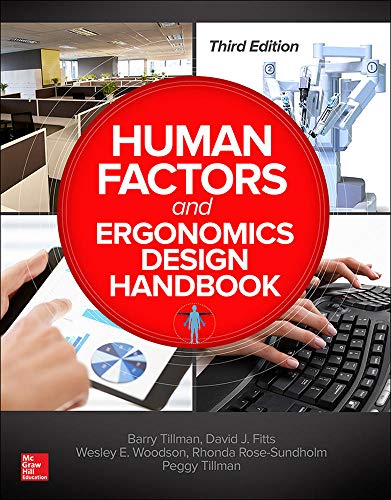
Human Factors and Ergonomics Design Handbook, Third Edition This fully updated handbook covers every aspect of ergonomics and human psychology for product designers Written by experts in the field, this thoroughly revised guide offers complete coverage of the latest trends and advances in ergonomics and psychology and explains their practical applications in the design of today’s products. You will learn to maximize device functionality while minimizing human errors and injuries. Human Factors and Ergonomic Design Handbook, Third Edition, addresses the impact of current technologies on our daily lives and physical and psychological health. The ubiquitous use of handheld devices and high-tech equipment is covered in full detail. A wide range of human-friendly design methods are discussed, focusing on products in the personal computing, mobile communications, robotics, healthcare, military, and aerospace industries. • Provides real-world, hands-on applications across all industries • Features over 1000 high-quality illustrations • New chapters cover robotics, handheld electronic devices, medical systems, and cognitive workload TECHNOLOGY & ENGINEERING,Civil,General
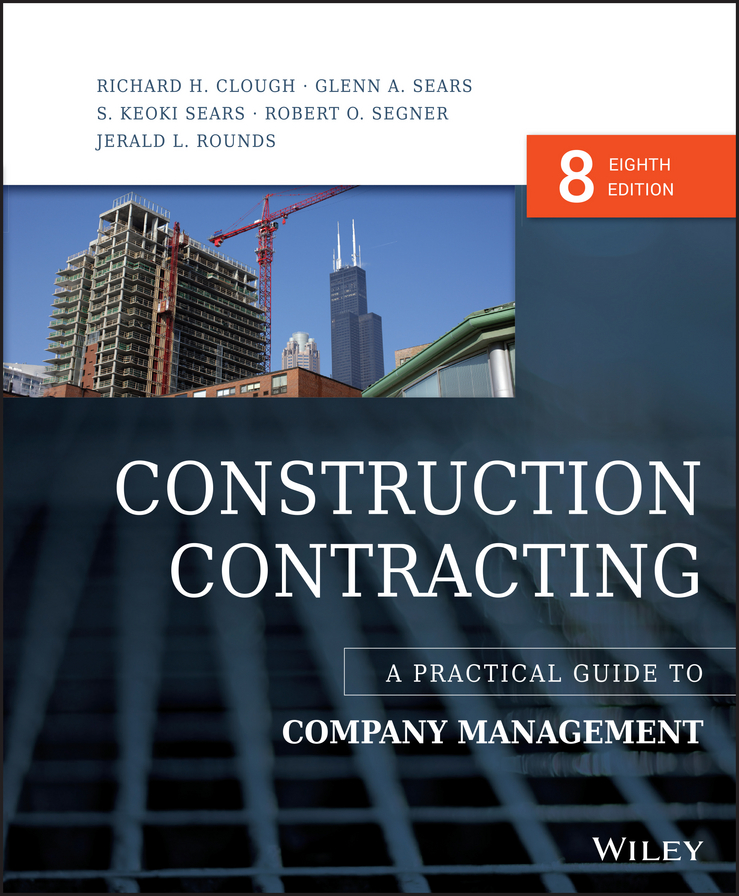
Construction Contracting The definitive contracting reference for the construction industry, updated and expanded Construction Contracting, the industry's leading professional reference for five decades, has been updated to reflect current practices, business methods, management techniques, codes, and regulations. A cornerstone of the construction library, this text presents the hard-to-find information essential to successfully managing a construction company, applicable to building, heavy civil, high-tech, and industrial construction endeavors alike. A wealth of coverage on the basics of owning a construction business provides readers with a useful "checkup" on the state of their company, and in-depth exploration of the logistics, scheduling, administration, and legal aspects relevant to construction provide valuable guidance on important facets of the business operations. This updated edition contains new coverage of modern delivery methods, technology, and project management. The field of construction contracting comprises the entire set of skills, knowledge, and conceptual tools needed to successfully own or manage a construction company, as well as to undertake any actual project. This book gives readers complete, up-to-date information in all of these areas, with expert guidance toward best practices. Learn techniques for accurate cost estimating and effective bidding Understand construction contracts, surety bonds, and insurance Explore project time and cost management, with safety considerations Examine relevant labor law and labor relations techniques Between codes, standards, laws, and regulations, the construction industry presents many different areas with which the manager needs to be up to date, on top of actually doing the day-to-day running of the business. This book provides it all under one cover – for the project side and the business side, Construction Contracting is a complete working resource in the field or office. TECHNOLOGY & ENGINEERING,Civil,General
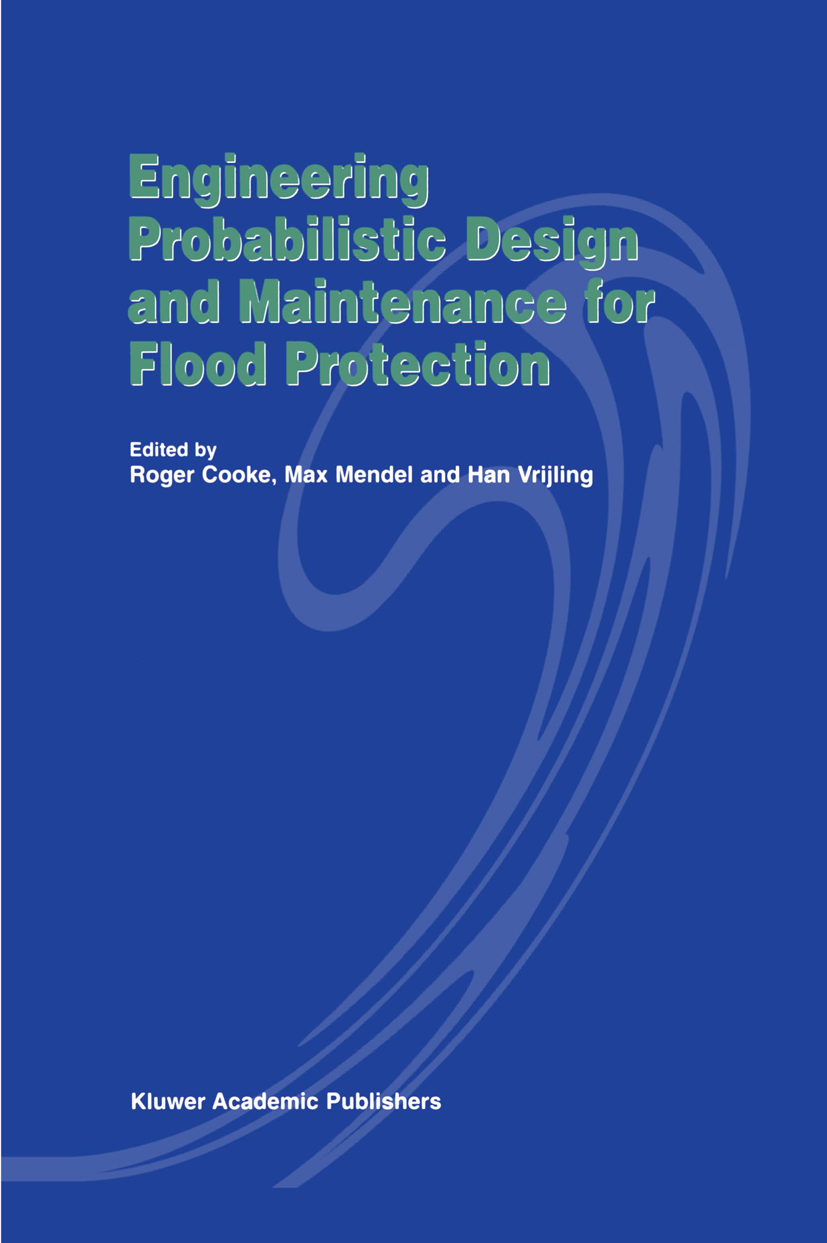
Engineering Probabilistic Design and Maintenance for Flood Protection The First Conference on Engineering Probability in Flood Defense was orga nized by the Department of Mathematics and Informatics of the Delft U niver sity of Technology and the Department of Industrial Engineering and Opera tions Research of the University of California at Berkeley, and was held on June 1,2 1995 in Delft. Groups at Berkeley and Delft were both deeply engaged in modeling deterioration in civil structures, particularly flood defense structures. The plans for the conference were well under way when the dramatic floods in The Netherlands and California in the winter of 1994-1995 focused world attention on these problems. The design of civil engineering structures and systems is essentially an example of decision making under uncertainty. Although the decision making part of the process is generally acknowledged, the uncertainty in variables and param eters in the design problem is less frequently recognized. In many practical design procedures the uncertainty is concealed behind sharp probabilistic de sign targets like 'once in a thousand years' combined with a standardized use of safety factors. The choice of these probabilistic design targets, however, is based on an assessment of the uncertainty of the variable under consideration, and on its assessed importance. The value of the safety factor is governed by similar considerations. Standard practice is simply accu~ulated experience and engineering judgment. In light of the great number of civil engineering structures that function suc-. cessfully, one may say that this standard practice has proven itself broadly satisfactory. TECHNOLOGY & ENGINEERING,Civil,General
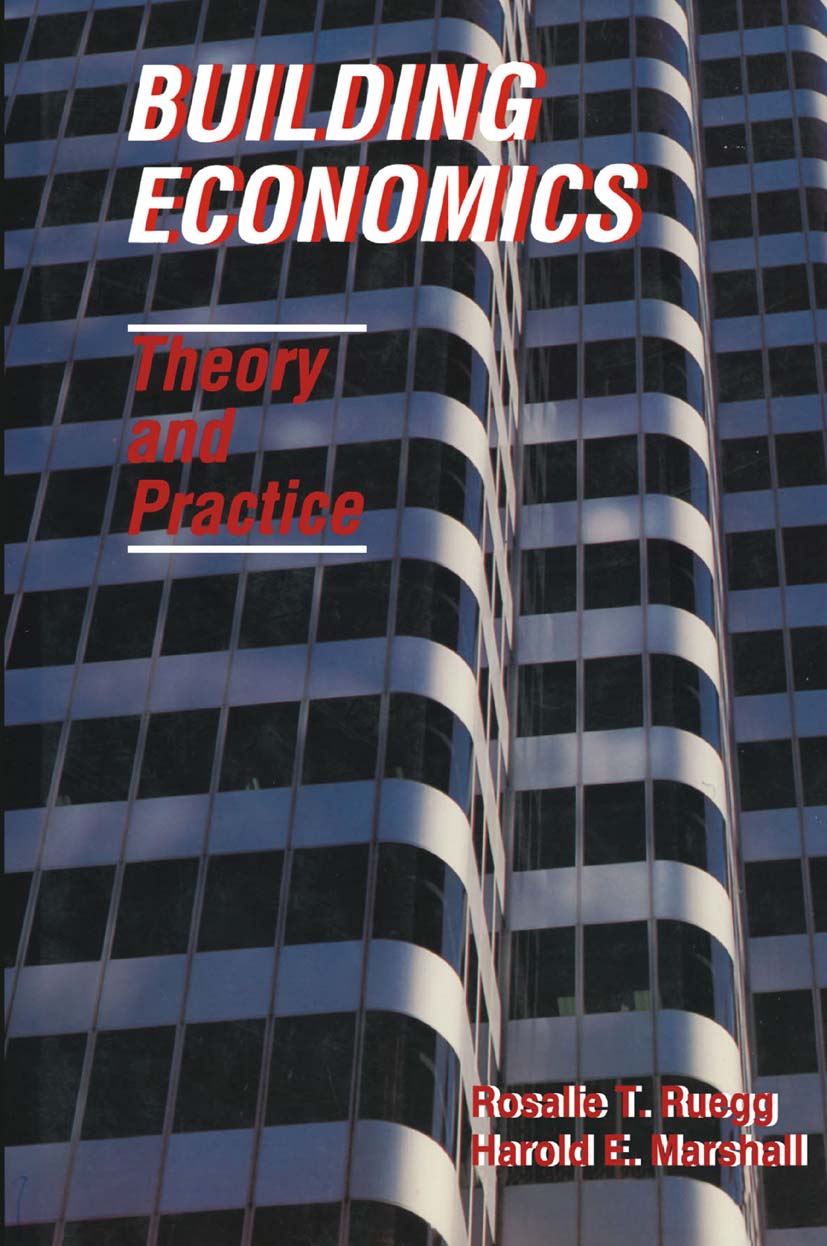
Building Economics We no longer build buildings like we used to nor do we pay for them in the same way. Buildings today are no longer only shelter but are also life support systems, communication terminals, data manufacturing centers, and much more. Buildings are incredibly expensive tools that must be constantly adjusted to function efficiently. The economics of building has become as complex as its design. When buildings were shelter they lasted longer than their builders. The av erage gothic master mason lived 35 or 40 years. Cathedrals took 3 or 4 hundred years to build. Cost estimates were verified by great great grandchildren of the original designer. Today, creative economics has become as important as creative design and creative building. The dient brings builder, contractor, architect, and facilities manager to account in their life time. The cost of building can therefore no longer be left to chance or act of god. Solutions are no longer as ingeniously simple as those proposed by a Flor entine builder early in the 15th century. He proposed to center the dome of S. Maria deI Fiore on a great mound of earth mixed with pennies. When the job was done street urchins would carry away the dirt in their search for the pennies. This was a serious suggestion offered by an early construction manager before Brunelleschi solved the problem more sensibly. TECHNOLOGY & ENGINEERING,Civil,General
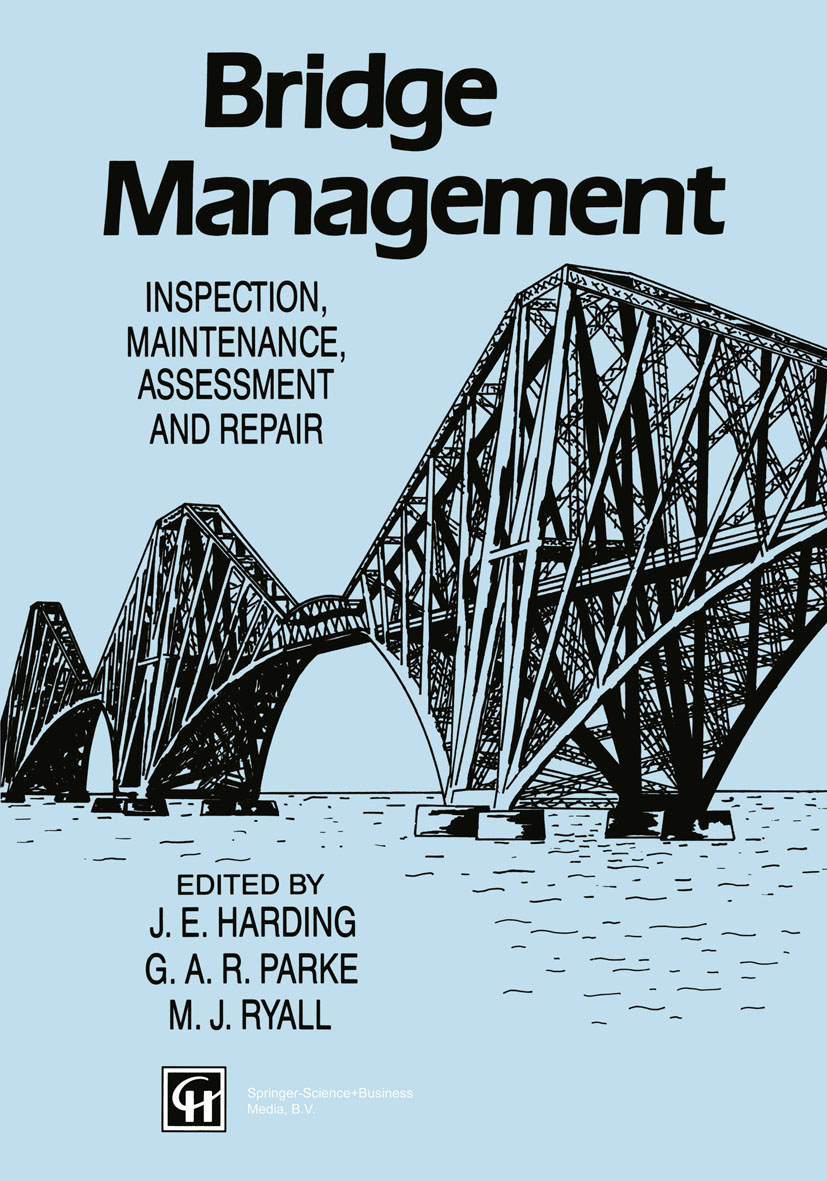
Bridge Management TECHNOLOGY & ENGINEERING,Civil,General

Underpinning and Retention TECHNOLOGY & ENGINEERING,Civil,General
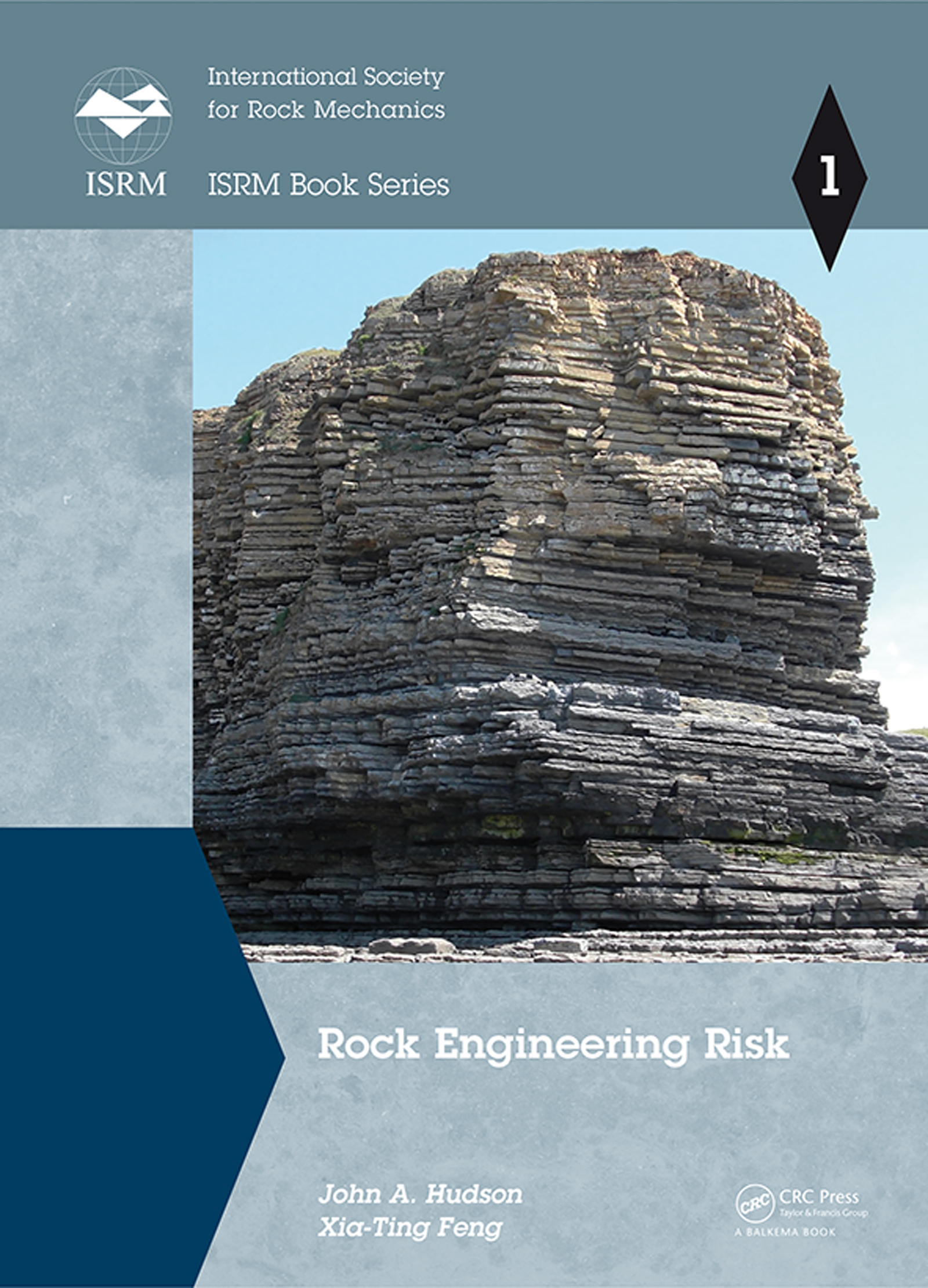
Rock Engineering Risk This book provides a new, necessary and valuable approach to the consideration of risk in underground engineering projects constructed within rock masses. There are Chapters on uncertainty and risk, rock engineering systems, rock fractures and rock stress, the design of a repository for radioactive waste, plus two major case examples relating to th TECHNOLOGY & ENGINEERING,Civil,General
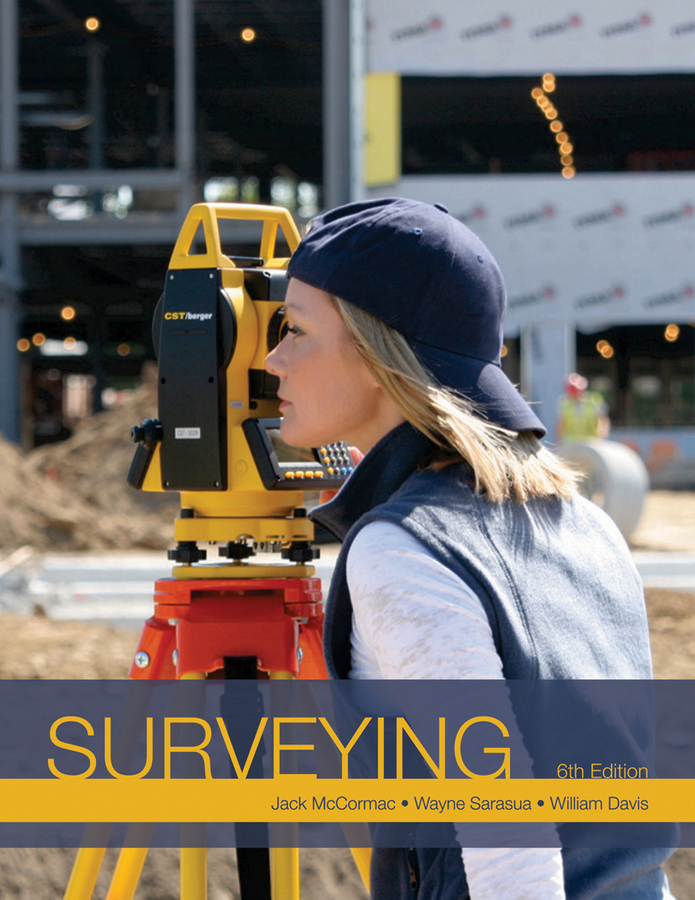
Surveying Surveying Sixth Edition is designed to cover the standard topics in a basic surveying course in a streamlined manner, meeting the learning needs of today's student. This text provides comprehensive yet concise coverage of the essential skills necessary in surveying and civil engineering, such as measurement, distance corrections, leveling, angles, area computation, computer calculations, topographic surveying, electronic distance measuring instruments, and construction surveying. The text includes photos and diagrams, lists of useful addresses and degree programs, surveying tables, and formulas. New co-authors Wayne A. Sarasua and William J. Davis bring a fresh perspective to this classic text. This text is suitable for students in a one-semester course at two and four-year colleges taking their first course on surveying. TECHNOLOGY & ENGINEERING,Civil,General

Public Transit Planning and Operation Addresses the Challenges Facing Public Transport Policy Makers and OperatorsPublic Transit Planning and Operation: Modeling, Practice and Behavior, Second Edition offers new solutions for delivering both better services and greater efficiency, solutions which have been developed and tested by the author in over thirty years of research work with ma TECHNOLOGY & ENGINEERING,Civil,General
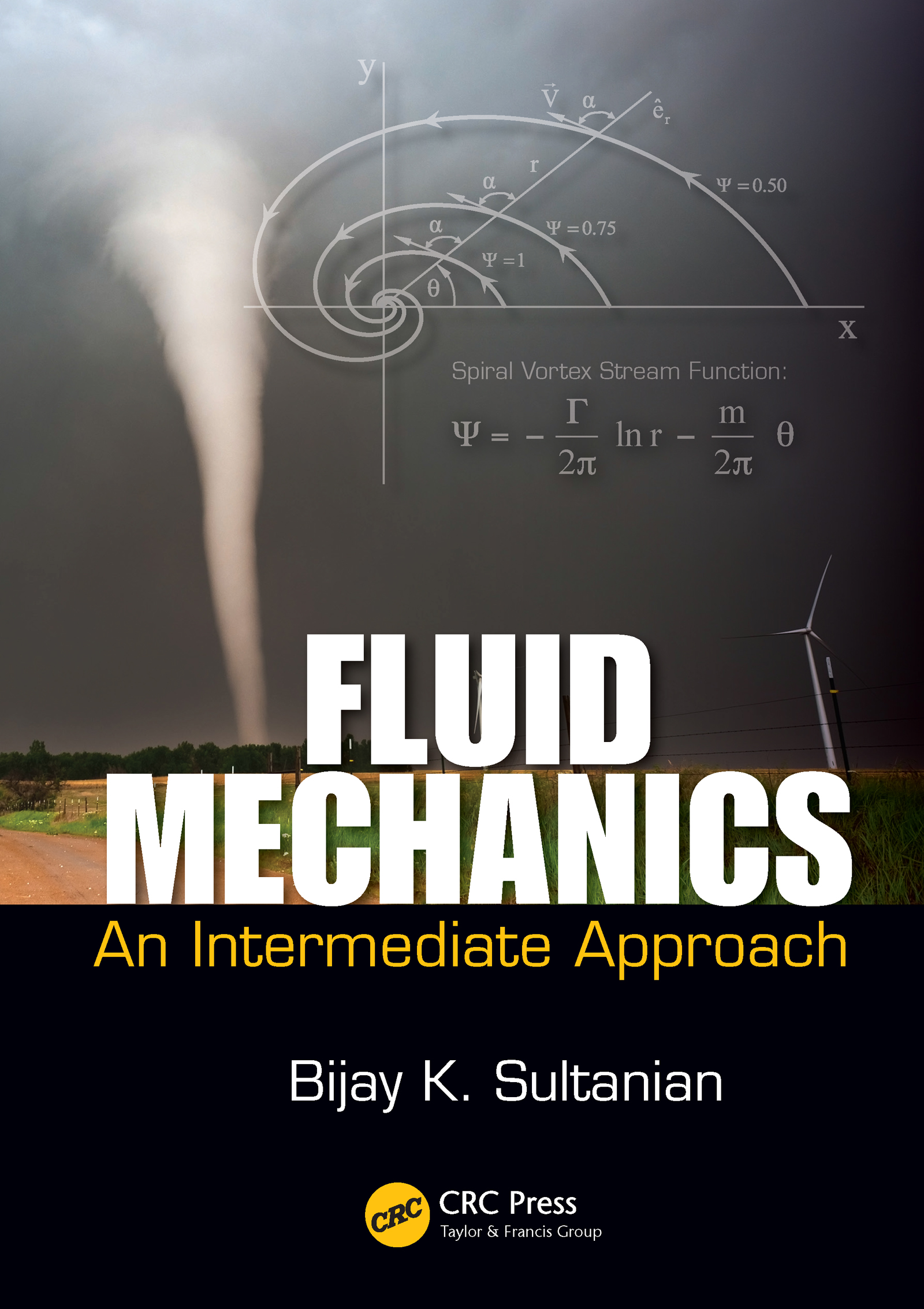
Fluid Mechanics Fluid Mechanics: An Intermediate Approach addresses the problems facing engineers today by taking on practical, rather than theoretical problems. Instead of following an approach that focuses on mathematics first, this book allows you to develop an intuitive physical understanding of various fluid flows, including internal compressible flows with s TECHNOLOGY & ENGINEERING,Civil,General

Chemistry and Technology of Lubricants The use of lubricants began in ancient times and has developed into a major international business through the need to lubricate machines of increasing complexity. The impetus for lubricant development has arisen from need, so lubricating practice has preceded an understanding of the scientific principles. This is not surprising as the scientific basis of the technology is, by nature, highly complex and interdisciplinary. However, we believe that the understanding of lubricant phenomena will continue to be developed at a molecular level to meet future challenges. These challenges will include the control of emissions from internal combustion engines, the reduction of friction and wear in and continuing improvements to lubricant performance and machinery, life-time. More recently, there has been an increased understanding of the chemical aspects of lubrication, which has complemented the knowledge and understanding gained through studies dealing with physics and engineering. This book aims to bring together this chemical information and present it in a practical way. It is written by chemists who are authorities in the various specialisations within the lubricating industry, and is intended to be of interest to chemists who may already be working in the lubricating industry or in academia, and who are seeking a chemist's view of lubrication. It will also be of benefit to engineers and technologists familiar with the industry who require a more fundamental understanding of lubricants. TECHNOLOGY & ENGINEERING,Civil,General

Optimization of Large Structural Systems Proceedings of the NATO/DFG Advanced Study Institute, Berchtesgaden, Germany, September 23-October 4, 1991 TECHNOLOGY & ENGINEERING,Civil,General
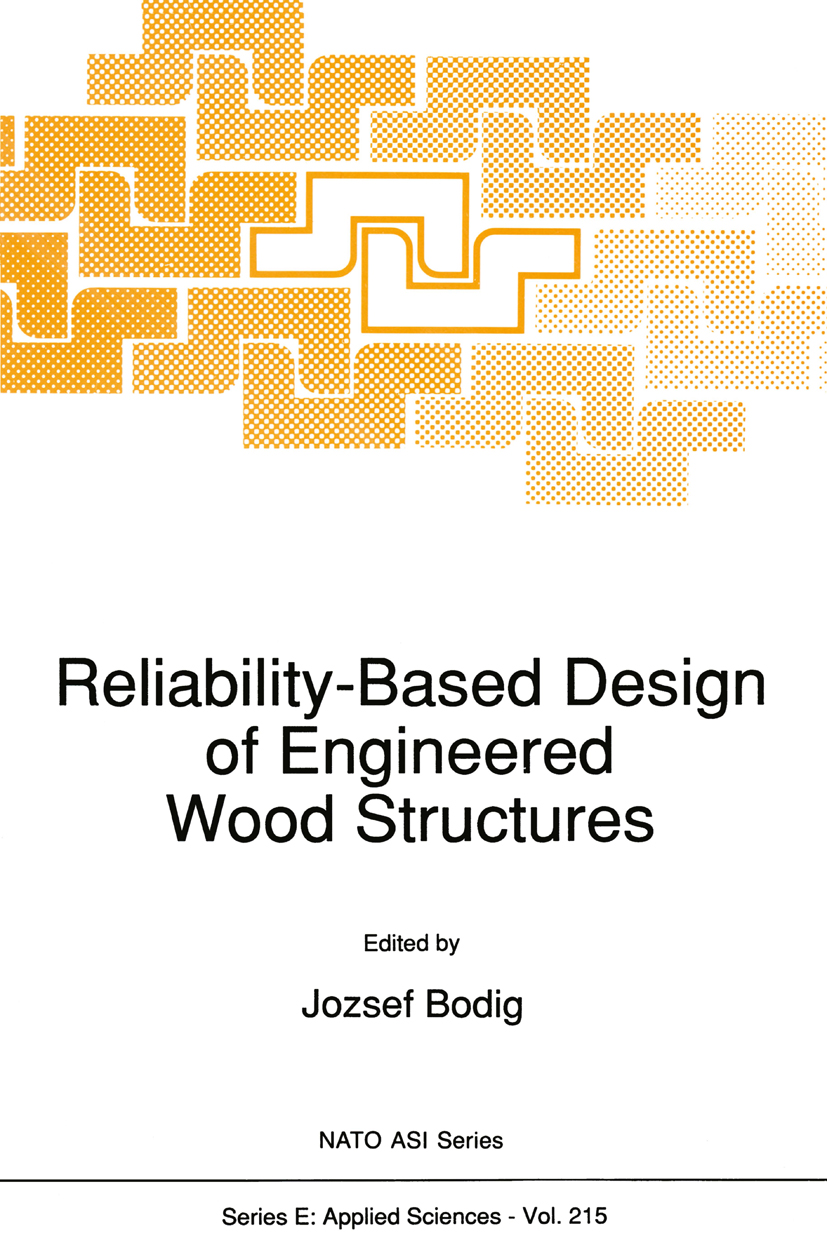
Reliability-Based Design of Engineered Wood Structures Proceedings of the NATO Advanced Research Workshop, Florence, Italy, June 2-5, 1991 TECHNOLOGY & ENGINEERING,Civil,General
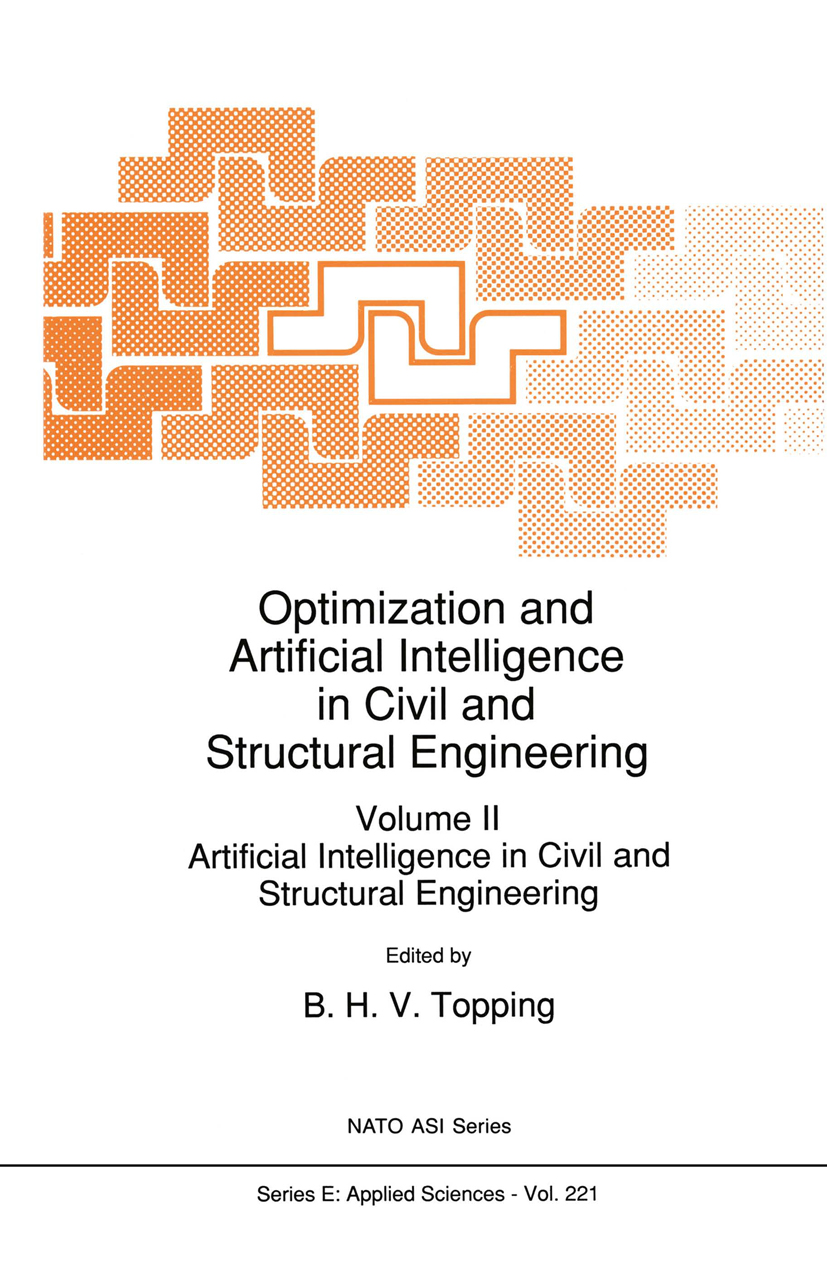
Optimization and Artificial Intelligence in Civil and Structural Engineering Proceedings of the NATO Advanced Study Institute on Optimization and Decision Support Systems in Civil Engineering, Edinburgh, U.K., June 25-July 6, 1989 TECHNOLOGY & ENGINEERING,Civil,General
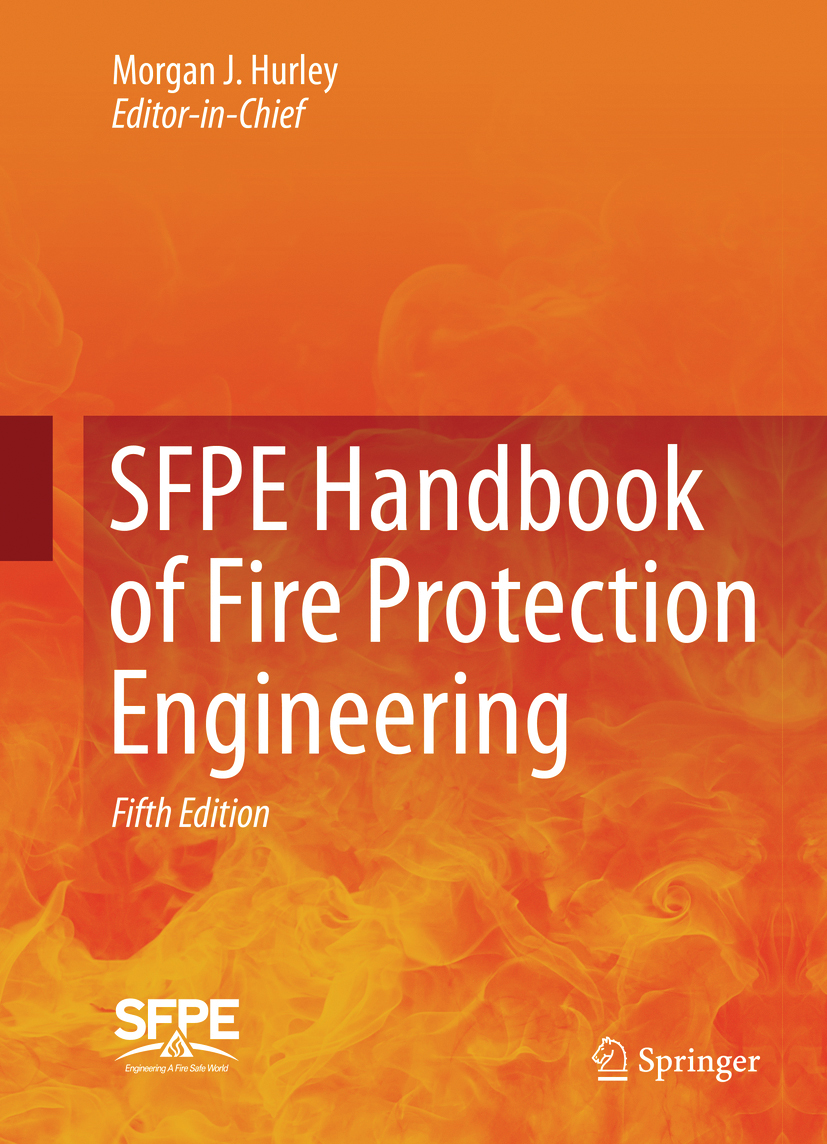
SFPE Handbook of Fire Protection Engineering Revised and significantly expanded, the fifth edition of this classic work offers both new and substantially updated information. As the definitive reference on fire protection engineering, this book provides thorough treatment of the current best practices in fire protection engineering and performance-based fire safety. Over 130 eminent fire engineers and researchers contributed chapters to the book, representing universities and professional organizations around the world. It remains the indispensible source for reliable coverage of fire safety engineering fundamentals, fire dynamics, hazard calculations, fire risk analysis, modeling and more. With seventeen new chapters and over 1,800 figures, the this new edition contains: Step-by-step equations that explain engineering calculations Comprehensive revision of the coverage of human behavior in fire, including several new chapters on egress system design, occupant evacuation scenarios, combustion toxicity and data for human behavior analysis Revised fundamental chapters for a stronger sense of context Added chapters on fire protection system selection and design, including selection of fire safety systems, system activation and controls and CO2 extinguishing systems Recent advances in fire resistance design Addition of new chapters on industrial fire protection, including vapor clouds, effects of thermal radiation on people, BLEVEs, dust explosions and gas and vapor explosions New chapters on fire load density, curtain walls, wildland fires and vehicle tunnels Essential reference appendices on conversion factors, thermophysical property data, fuel properties and combustion data, configuration factors and piping properties “Three-volume set; not available separately†TECHNOLOGY & ENGINEERING,Civil,General

Mechanics of Solids An introduction to the fundamental concepts of solid materials and their properties The primary recommended text of the Council of Engineering Institutions for university undergraduates studying the mechanics of solids New chapters covering revisionary mathematics, geometrical properties of symmetrical sections, bending stresses in beams, composites and the finite element method Free electronic resources and web downloads support the material contained within this book Mechanics of Solids provides an introduction to the behaviour of solid materials and their properties, focusing upon the fundamental concepts and principles of statics and stress analysis. Essential reading for first year undergraduates, the mathematics in this book has been kept as straightforward as possible and worked examples are used to reinforce key concepts. Practical stress and strain scenarios are also covered including stress and torsion, elastic failure, buckling, bending, as well as examples of solids such as thin-walled structures, beams, struts and composites. This new edition includes new chapters on revisionary mathematics, geometrical properties of symmetrical sections, bending stresses in beams, composites, the finite element method, and Ross’s computer programs for smartphones, tablets and computers. TECHNOLOGY & ENGINEERING,Civil,General
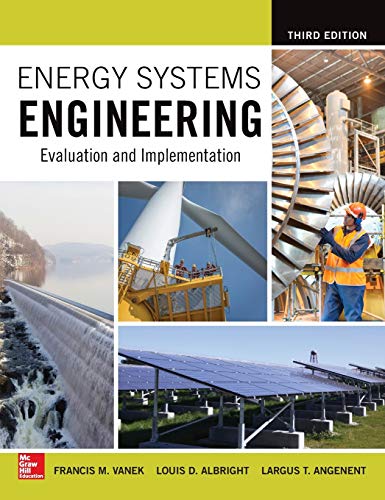
Energy Systems Engineering A definitive guide to energy systems engineering—thoroughly updated for the latest technologies This fully revised book features comprehensive coverage of all types of energy systems, from fossil fuels and nuclear energy to solar, wind, biofuels, and energy systems for transportation. Throughout, new and expanded examples and end-of-chapter problems help to provide a practical understanding of each topic. Written by a team of energy experts, Energy Systems Engineering Evaluation and Implementation, Third Edition, clearly explains how each technology works and discusses benefits and liabilities. You will get up-to-date information on global emission trends, the volatile price and supply of natural gas and oil, and the accelerated growth of alternative energy sources. Detailed methods to assess environmental impact, project scope, cost, energy consumption, and efficiency are provided. Offers a technology-neutral, portfolio approach to energy system options and policy tools Includes new and expanded discussions so small scale nuclear fusion, wind turbine designs for lower average wind speed, and electric vehicles Explains how to project future output from nonconventional oil and gas Covers waste-to-energy conversion and waste water energy recovery Features high-quality illustrations and tables TECHNOLOGY & ENGINEERING,Civil,General

Steel Structures Design for Lateral and Vertical Forces, Second Edition A Thoroughly Updated Guide to the Design of Steel Structures This comprehensive resource offers practical coverage of steel structures design and clearly explains the provisions of the 2015 International Building Code, the American Society of Civil Engineers ASCE 7-10, and the American Institute of Steel Construction AISC 360-10 and AISC 341-10. Steel Structures Design for Lateral and Vertical Forces, Second Edition, features start-to-finish engineering strategies that encompass the entire range of steel building materials, members, and loads. All techniques strictly conform to the latest Âcodes and specifications. A brand new chapter on the design of steel structures for lateral loads explains design techniques and innovations in concentrically and eccentrically braced frames and moment frames. Throughout, design examples, including step-by-step solutions, and end-of-chapter problems using both ASD and LRFD methods demonstrate real-world applications and illustrate how code requirements apply to both lateral and vertical forces. This up-to-date Second Edition covers: · Steel Buildings and Design Criteria · Design Loads · Behavior of Steel Structures under Design Loads · Design of Steel Beams in Flexure · Design of Steel Beams for Shear and Torsion · Design of Compression Members · Stability of Frames · Design by Inelastic Analysis · Design of Tension Members · Design of Bolted and Welded Connections · Plate Girders and Composite Members · Design of Steel Structures for Lateral Loads TECHNOLOGY & ENGINEERING,Civil,General

Design and Simulation of Heavy Haul Locomotives and Trains With the increasing demands for safer freight trains operating with higher speed and higher loads, it is necessary to implement methods for controlling longer, heavier trains. This requires a full understanding of the factors that affect their dynamic performance. Simulation techniques allow proposed innovations to be optimised before introducing them into the operational railway environment. Coverage is given to the various types of locomotives used with heavy haul freight trains, along with the various possible configurations of those trains. This book serves as an introductory text for college students, and as a reference for engineers practicing in heavy haul rail network design, TECHNOLOGY & ENGINEERING,Civil,General
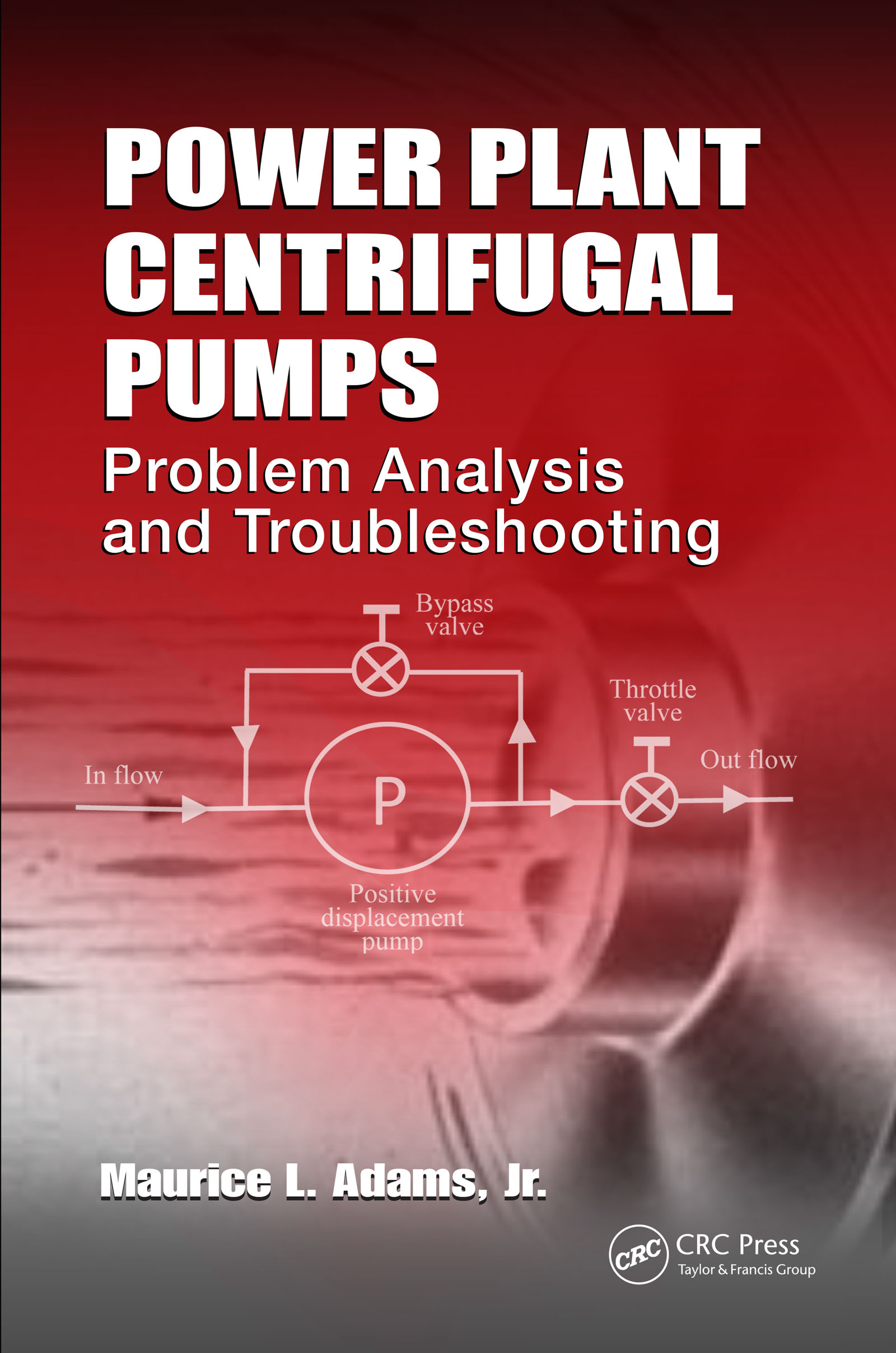
Power Plant Centrifugal Pumps In the critical work of maintaining power plant machinery, operating difficulties with centrifugal pumps will inevitably occur because of the essential requirement for electric power plants to operate at all times throughout the year. The root causes and solutions for pump failure comprise major areas of study for engineers in seeking the highest availability of electricity-generating units, extending time between major machinery overhauls and providing early detection of potential failure modes well in advance of machine degradation. This guide for engineers provides a comprehensive overview of the fundamentals of centrifugal pumps, addressing the range of pump operating problems encountered in both fossil and nuclear power plants. The book is divided into three sequential parts: Part I - Primer on Centrifugal Pumps, Part II -Power Plant Centrifugal Pump Applications, and Part III - Trouble-Shooting Case Studies. Employing effective research models developed through years of experience, the author draws on an extensive range of scholarship that covers the detrimental impact of power plant pump failures on overall plant performance, as well as the preventative measures that aid in successful pump maintenance. After covering the performance and components of centrifugal pumps, operating failure modes are covered both for fossil and nuclear power plants. This is followed by the presentation of several power plant pump troubleshooting case studies. The text also walks readers through the various other industrial applications of centrifugal pumps, as in their use within petrochemical plants and in ocean vessel propulsion systems. Recognizing the warning signs of specific impending pump failure modes is essential to minimizing the financial costs of dealing with pump operating problems. To this end, the author lays out a range of theoretical models and relevant examples in support of the essential work of power plant pump use and maintenance: TECHNOLOGY & ENGINEERING,Civil,General

Bearing Capacity of Roads, Railways and Airfields Bearing Capacity of Roads, Railways and Airfields includes the contributions to the 10th International Conference on the Bearing Capacity of Roads, Railways and Airfields (BCRRA 2017, 28-30 June 2017, Athens, Greece). The papers cover aspects related to materials, laboratory testing, design, construction, maintenance and management systems of transport infrastructure, and focus on roads, railways and airfields. Additional aspects that concern new materials and characterization, alternative rehabilitation techniques, technological advances as well as pavement and railway track substructure sustainability are included. The contributions discuss new concepts and innovative solutions, and are concentrated but not limited on the following topics: · Unbound aggregate materials and soil properties· Bound materials characteritics, mechanical properties and testing· Effect of traffic loading· In-situ measurements techniques and monitoring· Structural evaluation· Pavement serviceability condition· Rehabilitation and maintenance issues· Geophysical assessment· Stabilization and reinforcement· Performance modeling· Environmental challenges· Life cycle assessment and sustainability Bearing Capacity of Roads, Railways and Airfields is essential reading for academics and professionals involved or interested in transport infrastructure systems, in particular roads, railways and airfields. TECHNOLOGY & ENGINEERING,Civil,General

Tall Building Foundation Design This book provides a comprehensive guide to the design of foundations for tall buildings. After a general review of the characteristics of tall buildings, various foundation options are discussed followed by the general principles of foundation design as applied to tall buildings. Considerable attention is paid to the methods of assessment of the geotechnical design parameters, as this is a critical component of the design process. A detailed treatment is then given to foundation design for various conditions, including ultimate stability, serviceability, ground movements, dynamic loadings and seismic loadings. Basement wall design is also addressed. The last part of the book deals with pile load testing and foundation performance measurement, and finally, the description of a number of case histories. A feature of the book is the emphasis it places on the various stages of foundation design: preliminary, detailed and final, and the presentation of a number of relevant methods of design associated with each stage. TECHNOLOGY & ENGINEERING,Civil,General
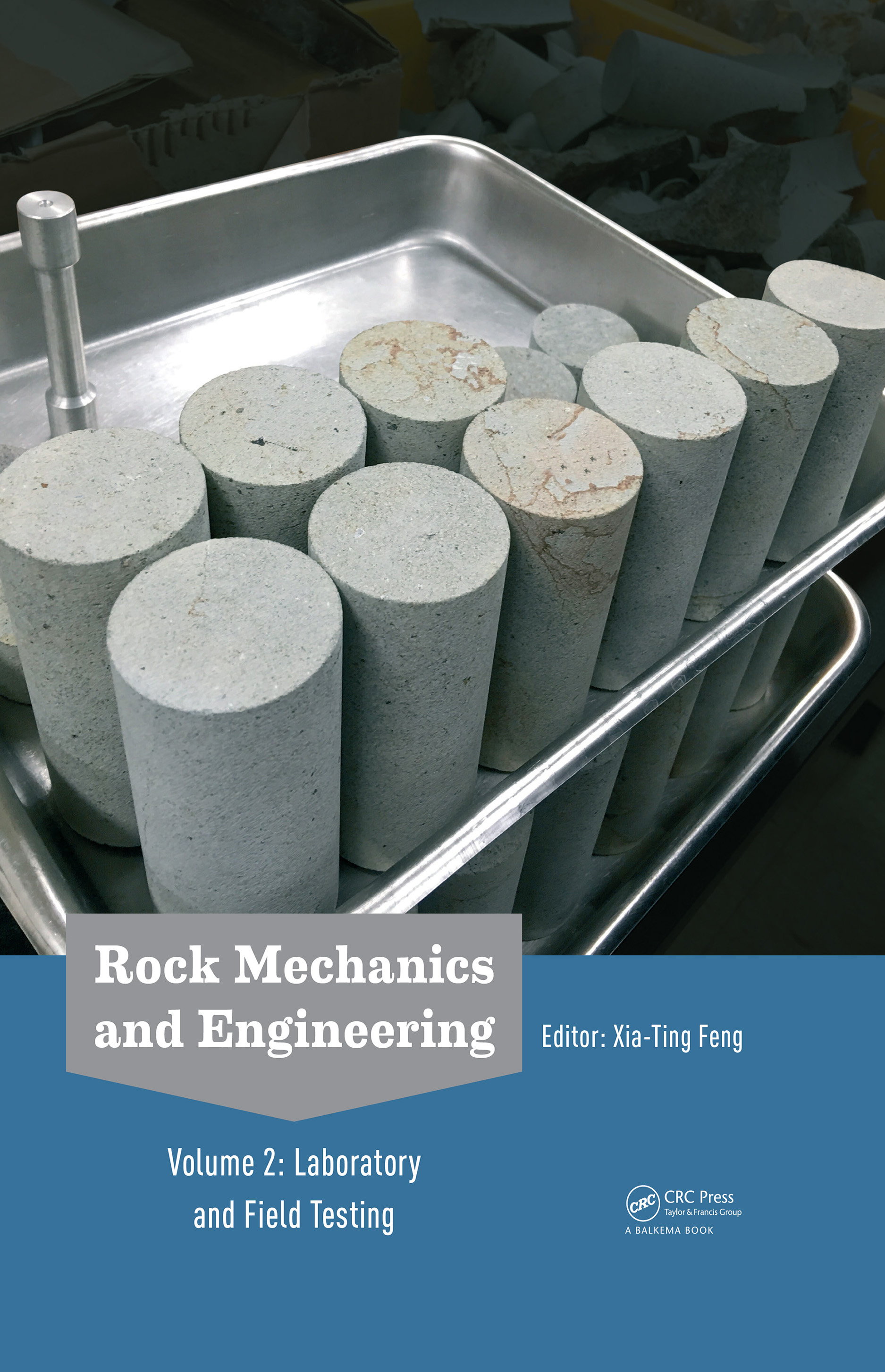
Rock Mechanics and Engineering Volume 2 Laboratory and Field Testing is the second volume of the five-volume set Rock Mechanics and Engineering and contains nineteen chapters from key experts in the following fields:- Triaxial or True-triaxial Tests under Condition of Loading and Unloading;- Joint Tests;- Dynamic and Creep Tests;- Physical Modeling Tests;- Field Testing and URLs. The five-volume set “Comprehensive Rock Engineeringâ€, which was published in 1993, has had an important influence on the development of rock mechanics and rock engineering. Significant and extensive advances and achievements in these fields over the last 20 years now justify the publishing of a comparable, new compilation. Rock Mechanics and Engineering represents a highly prestigious, multi-volume work edited by Professor Xia-Ting Feng, with the editorial advice of Professor John A. Hudson. This new compilation offers an extremely wideranging and comprehensive overview of the state-of-the-art in rock mechanics and rock engineering and is composed of peer-reviewed, dedicated contributions by all the key experts worldwide. Key features of this set are that it provides a systematic, global summary of new developments in rock mechanics and rock engineering practices as well as looking ahead to future developments in the fields. Contributors are worldrenowned experts in the fields of rock mechanics and rock engineering, though younger, talented researchers have also been included. The individual volumes cover an extremely wide array of topics grouped under five overarching themes: Principles (Vol. 1), Laboratory and Field Testing (Vol. 2), Analysis, Modelling and Design (Vol. 3), Excavation, Support and Monitoring (Vol. 4) and Surface and Underground Projects (Vol. 5). This multi-volume work sets a new standard for rock mechanics and engineering compendia and will be the go-to resource for all engineering professionals and academics involved in rock mechanics and engineering for years to come. TECHNOLOGY & ENGINEERING,Civil,General

Australian Guidebook for Structural Engineers This guidebook is a practical and essential tool providing everything necessary for structural design engineers to create detailed and accurate calculations. Basic information is provided for steel, concrete and geotechnical design in accordance with Australian and international standards. Detailed design items are also provided, especially relevant to the mining and oil and gas industries. Examples include pipe supports, lifting analysis and dynamic machine foundation design. Steel theory is presented with information on fabrication, transportation and costing, along with member, connection, and anchor design. Concrete design includes information on construction costs, as well as detailed calculations ranging from a simple beam design to the manual production of circular column interaction diagrams. For geotechnics, simple guidance is given on the manual production and code compliance of calculations for items such as pad footings, piles, retaining walls, and slabs. Each chapter also includes recommended drafting details to aid in the creation of design drawings. More generally, highly useful aids for design engineers include section calculations and force diagrams. Capacity tables cover real-world items such as various slab thicknesses with a range of reinforcing options, commonly used steel sections, and lifting lug capacities. Calculations are given for wind, seismic, vehicular, piping, and other loads. User guides are included for Space Gass and Strand7, including a non-linear analysis example for lifting lug design. Users are also directed to popular vendor catalogues to acquire commonly used items, such as steel sections, handrails, grating, grouts and lifting devices. This guidebook supports practicing engineers in the development of detailed designs and refinement of their engineering skill and knowledge. TECHNOLOGY & ENGINEERING,Civil,General

Flow Resistance A sourcebook offering an up-to-date perspective on a variety of topics and using practical, applications-oriented data necessary for the design and evaluation of internal fluid system pressure losses. It has been prepared for the practicing engineer who understands fluid-flow fundamentals. TECHNOLOGY & ENGINEERING,Civil,General
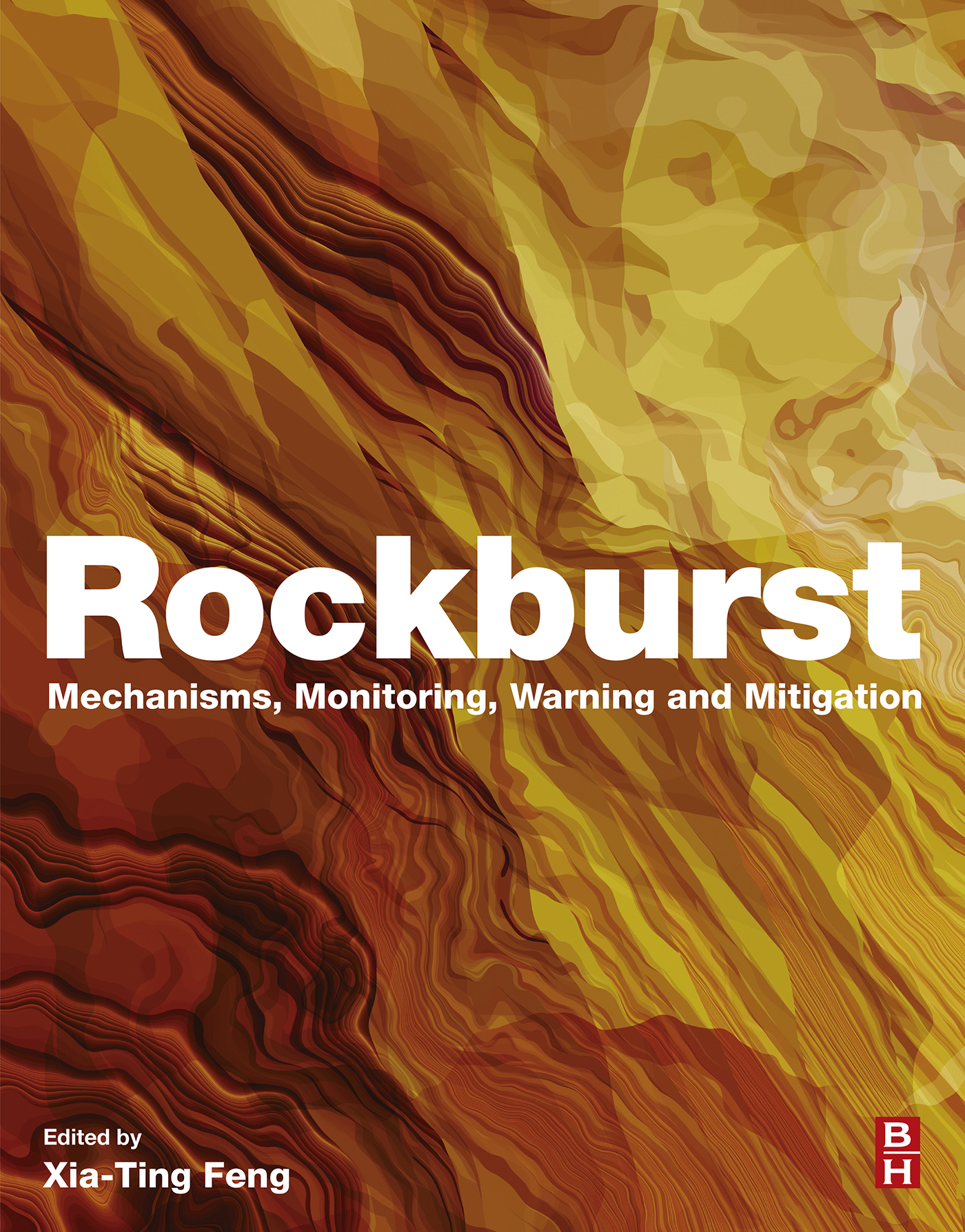
Rockburst Rockburst: Mechanisms, Monitoring, Warning and Mitigation invites the most relevant researchers and practitioners worldwide to discuss the rock mechanics phenomenon related to increased stress and energy levels in intact rock introduced by drilling, explosion, blasting and other activities. When critical energy levels are reached, rockbursts can occur causing human and material losses in mining and tunneling environments. This book is the most comprehensive information source in English to cover rockbursts. Comprised of four main parts, the book covers in detail the theoretical concepts related to rockbursts, and introduces the current computational modeling techniques and laboratory tests available. The second part is devoted to case studies in mining (coal and metal) and tunneling environments worldwide. The third part covers the most recent advances in measurement and monitoring. Special focus is given to the interpretation of signals and reliability of systems. The following part addresses warning and risk mitigation through the proposition of a single risk assessment index and a comprehensive warning index to portray the stress status of the rock and a successful case study. The final part of the book discusses mitigation including best practices for distressing and efficiently supporting rock. Designed to provide the most comprehensive coverage, the book will provide practicing mining and tunneling engineers the theoretical background needed to better cope with the phenomenon, practical advice from case studies and practical mitigation actions and techniques. Academics in rock mechanics will appreciate this complete reference to rockburst, which features how to analyze stress signals and use computational modeling more efficiently. Offers understanding of the fundamental theoretical concepts of rockbursts Explores how to analyze signals from current monitoring systems Shows how to apply mitigating techniques in current work Identifies characteristics that should be measured in order to detect rockburst risk TECHNOLOGY & ENGINEERING,Civil,General

Design of Steel Structures for Buildings in Seismic Areas This volume elucidates the design criteria and principles for steel structures under seismic loads according to Eurocode 8-1. Worked Examples illustrate the application of the design rules. Two case studies serve as best-practice samples. TECHNOLOGY & ENGINEERING,Civil,General
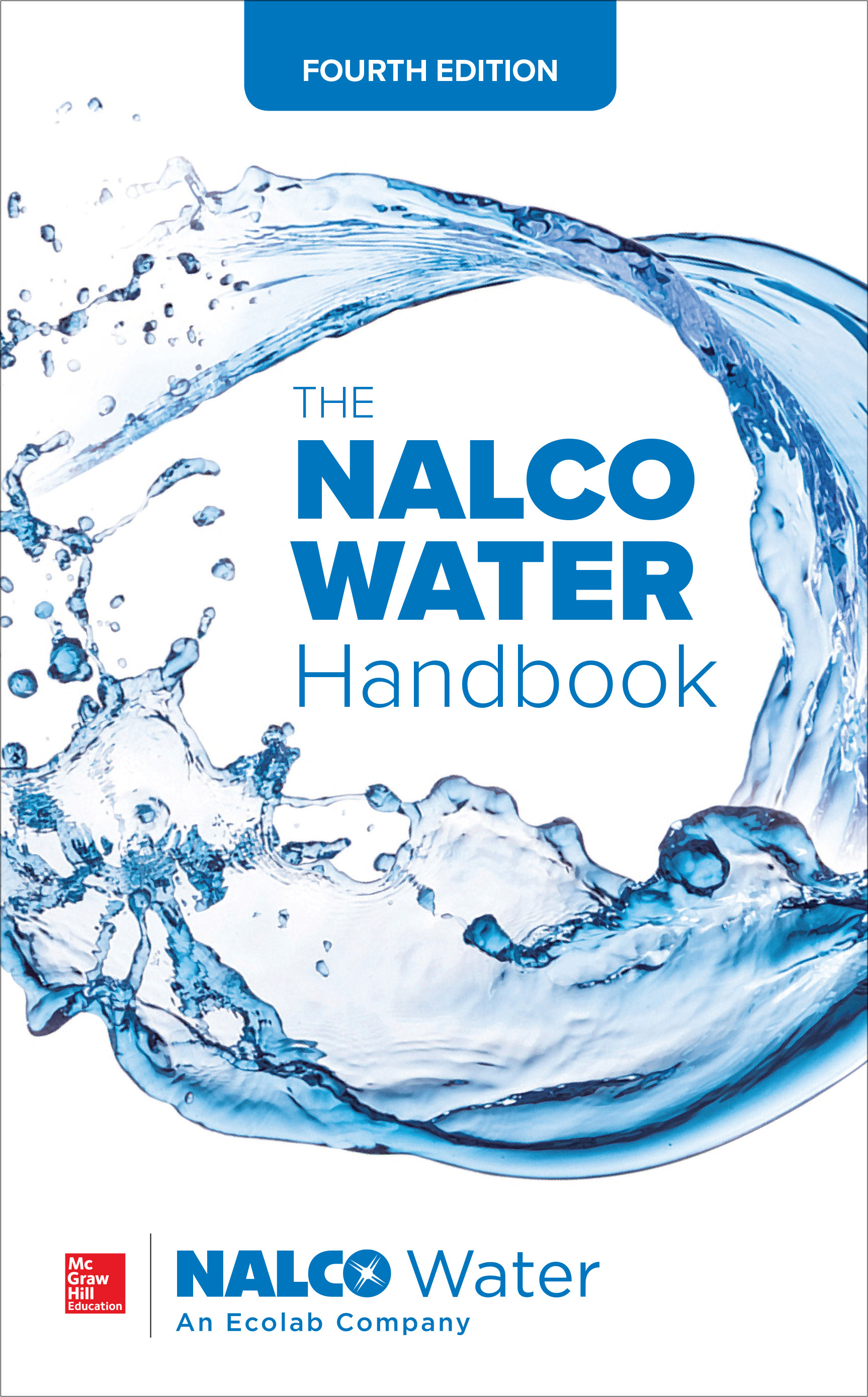
The NALCO Water Handbook, Fourth Edition The Landmark Water Use and Treatment Resource—Fully Updated for Optimizing Water Processes This industry-standard resource from the world’s leading water management company offers practical guidance on the use and treatment of water and wastewater in industrial and institutional facilities. Revised to align with the latest regulations and technologies, The Nalco Water Handbook, Fourth Edition, explains water management fundamentals and clearly shows how to improve water quality, minimize usage, and optimize treatment processes. Throughout, new emphasis is placed on today’s prevailing issues, including water scarcity, stressors, and business risk. Covers all essential water treatment topics, including: • Water management fundamentals• The business case for managing water• Water sources, stressors, and quality• Basic water chemistry• Impurity removal• Steam generation• Cooling water systems• Safety for building water systems• Post-treatment• Energy in water systems• Water applications across various industries TECHNOLOGY & ENGINEERING,Civil,General
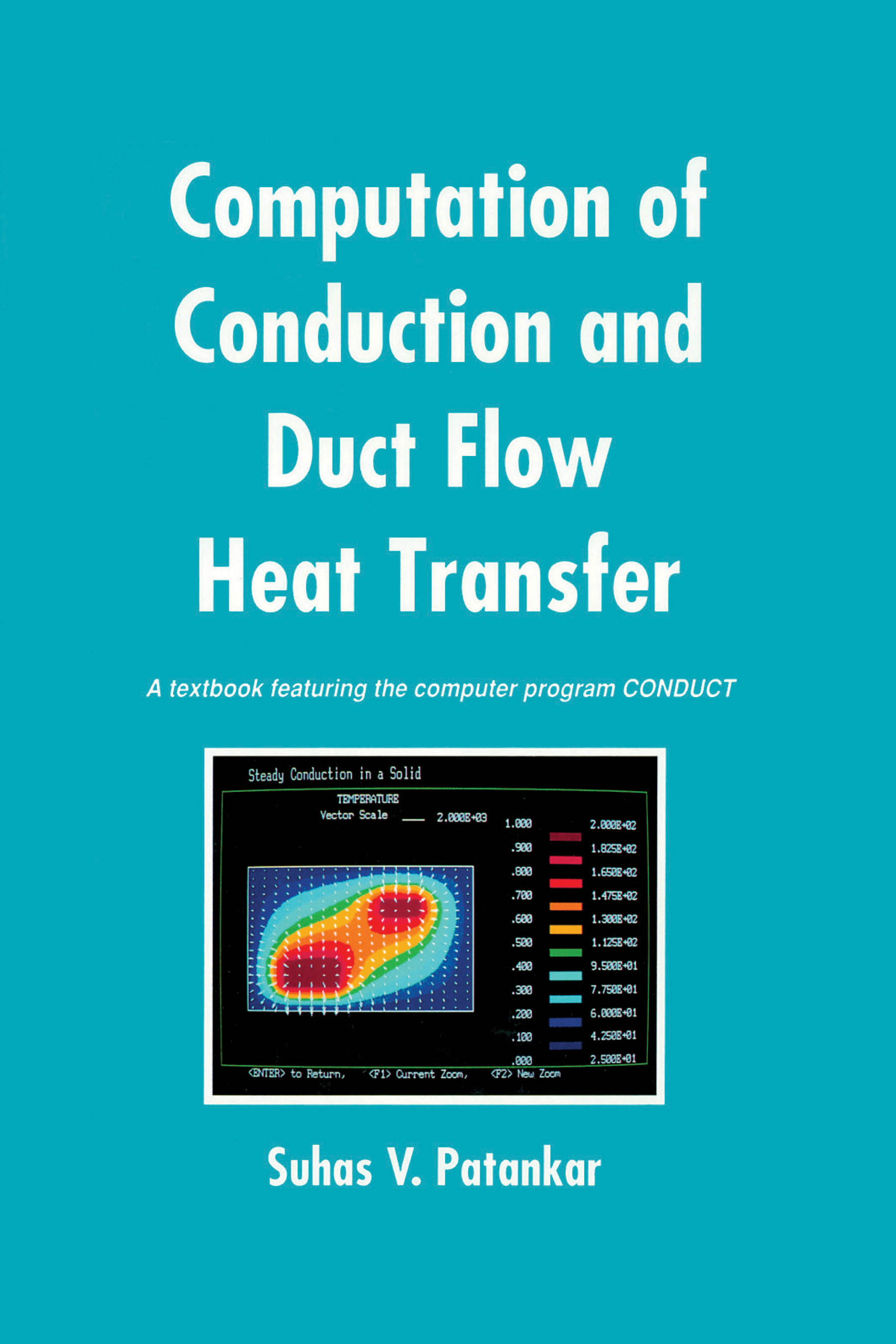
Computation of Conduction and Duct Flow Heat Transfer This book describes the computer program CONDUCT in terms of its physical, mathematical, and computational details and its application to heat conduction and duct flow problems. It aims to develop students' problem-solving skills as well as enhance their understanding of these physical processes. TECHNOLOGY & ENGINEERING,Civil,General
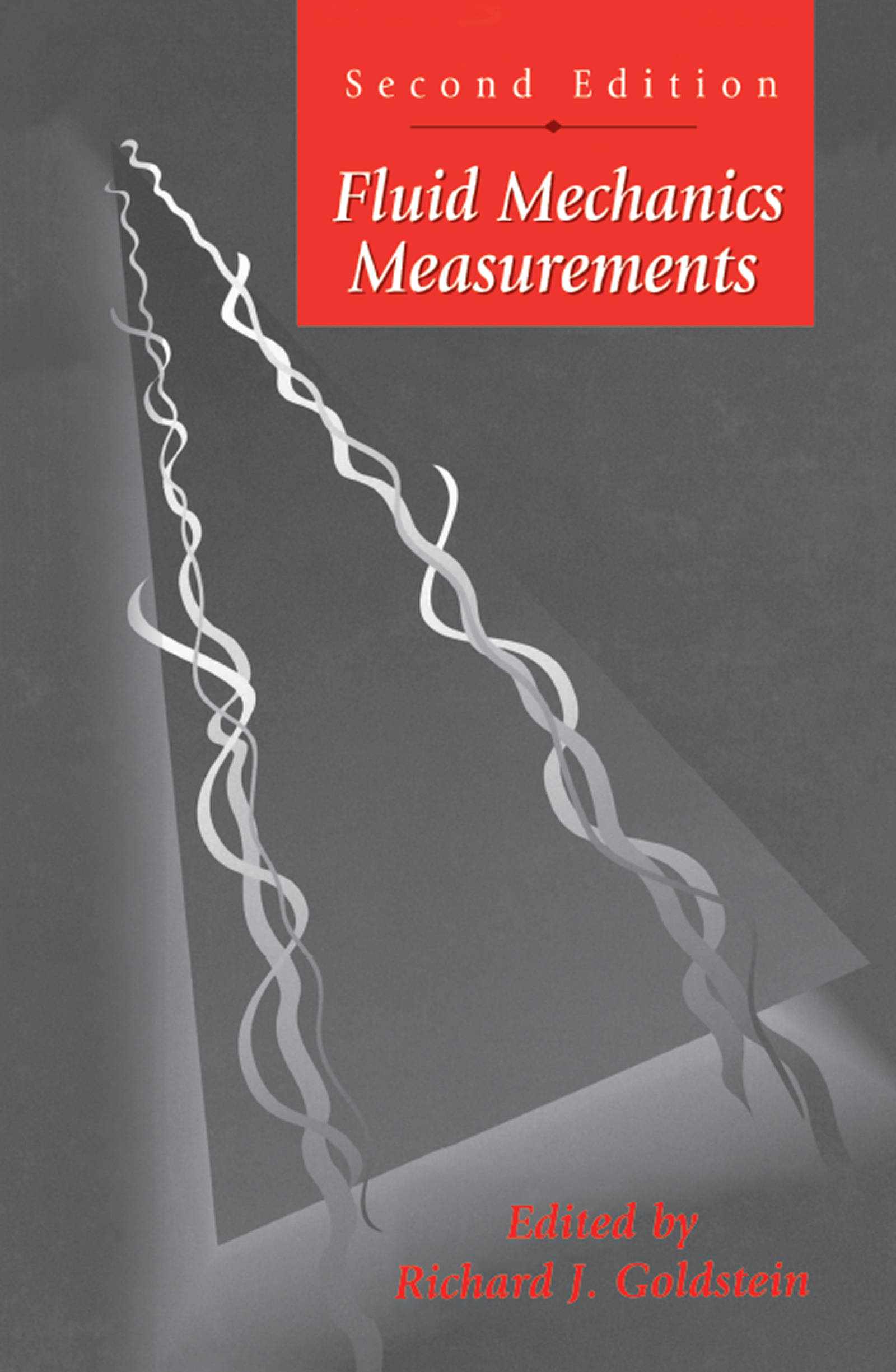
Fluid Mechanics Measurements This revised edition provides updated fluid mechanics measurement techniques as well as a comprehensive review of flow properties required for research, development, and application. Fluid-mechanics measurements in wind tunnel studies, aeroacoustics, and turbulent mixing layers, the theory of fluid mechanics, the application of the laws of fluid mechanics to measurement techniques, techniques of thermal anemometry, laser velocimetry, volume flow measurement techniques, and fluid mechanics measurement in non-Newtonian fluids, and various other techniques are discussed. TECHNOLOGY & ENGINEERING,Civil,General
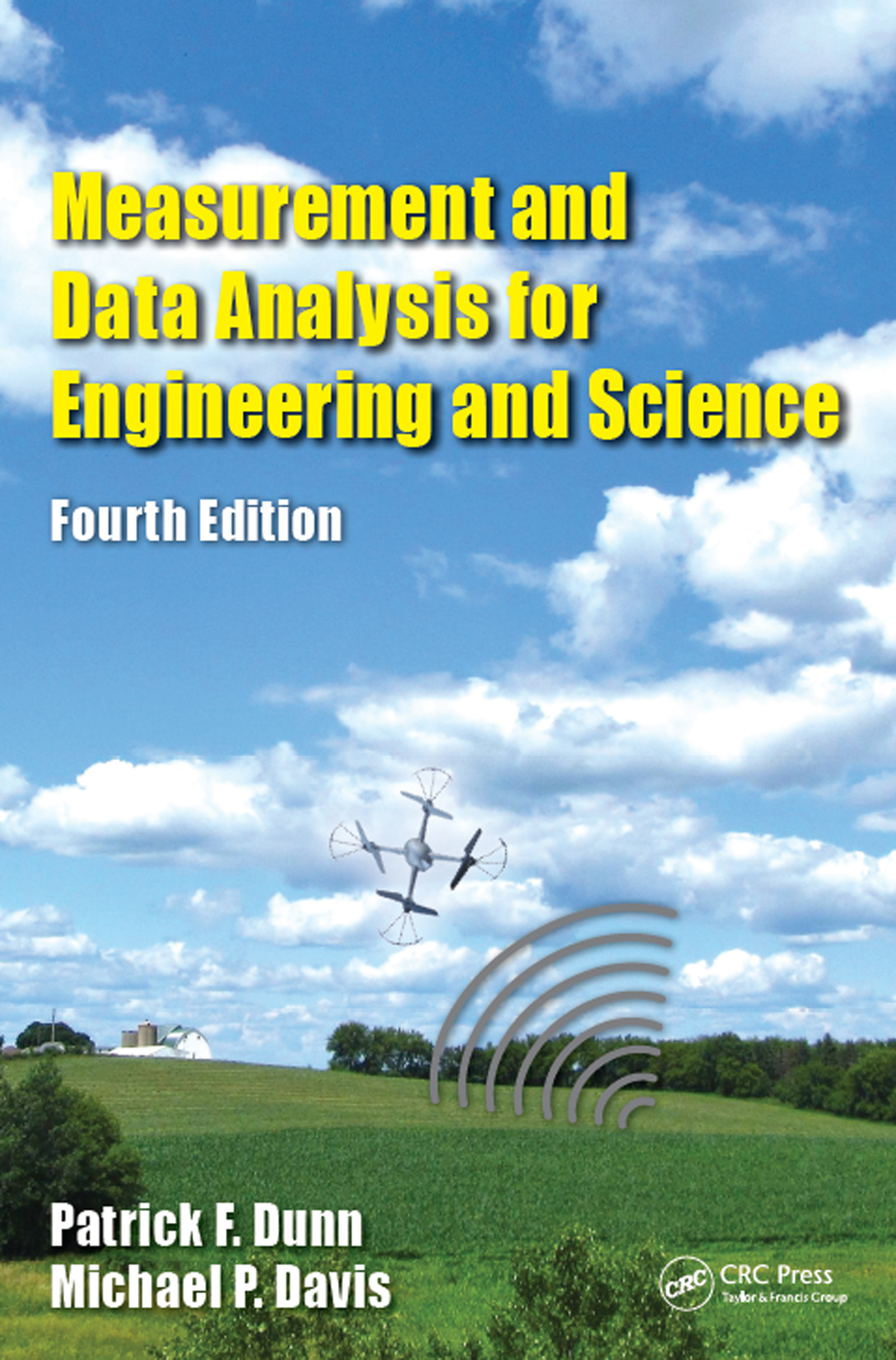
Measurement and Data Analysis for Engineering and Science Measurement and Data Analysis for Engineering and Science, Fourth Edition, provides up-to-date coverage of experimentation methods in science and engineering. This edition adds five new "concept chapters" to introduce major areas of experimentation generally before the topics are treated in detail, to make the text more accessible for undergraduate students. These feature Measurement System Components, Assessing Measurement System Performance, Setting Signal Sampling Conditions, Analyzing Experimental Results, and Reporting Experimental Results. More practical examples, case studies, and a variety of homework problems have been added; and MATLAB and Simulink resources have been updated. TECHNOLOGY & ENGINEERING,Civil,General
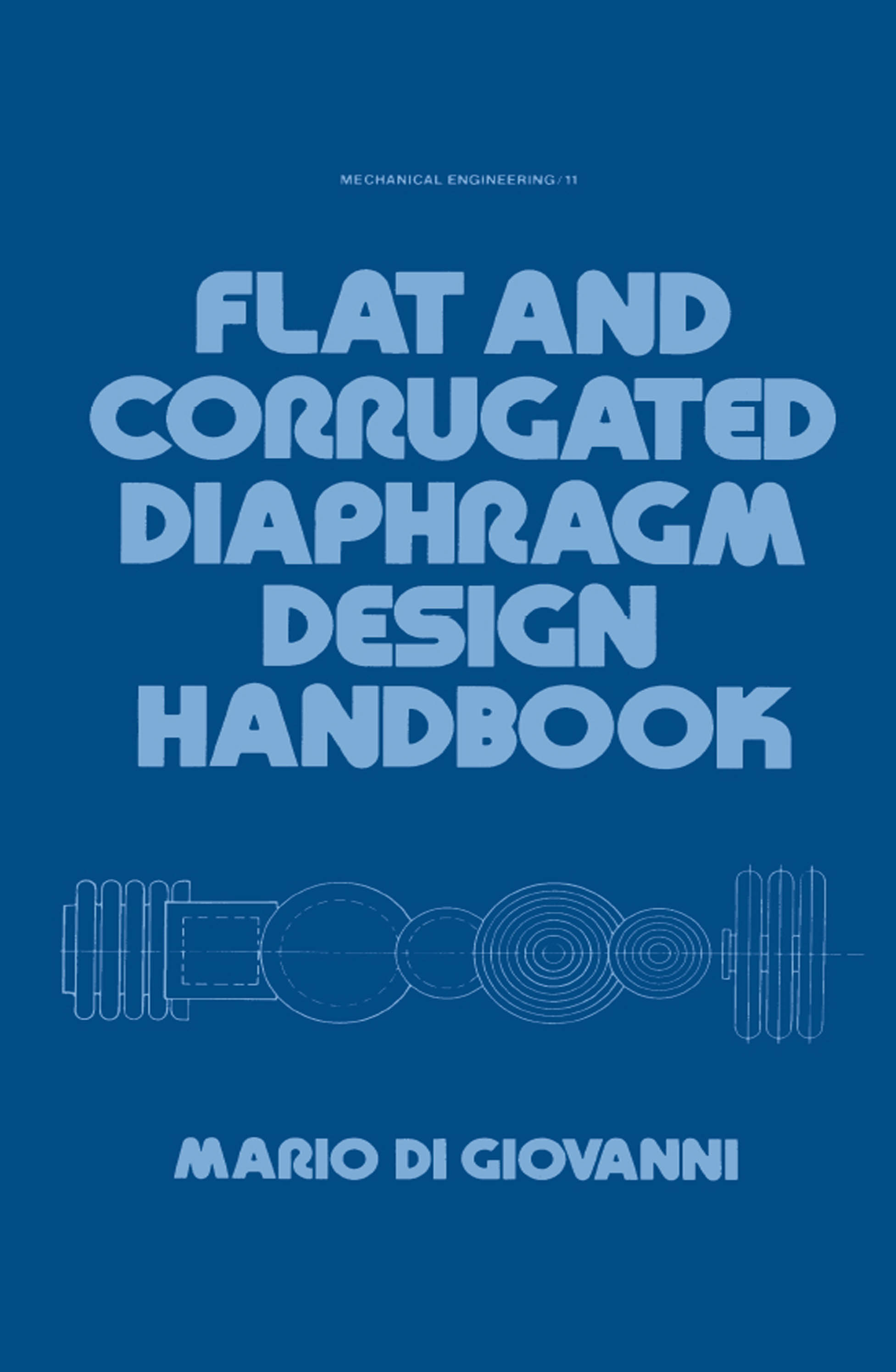
Flat and Corrugated Diaphragm Design Handbook Flat and Corrugated Diaphragm Design Handbook provides simple, useful methods for diaphragmdesign, performance evaluation, and material selection. The text is a practical andcomplete guide to solving on-the-job problems faced by instrument designers; structural engineersdesigning plates, panels, and floors; and mechanical engineers designing flexural pivots,couplings, and elastic elements.A leading design engineer has written this authoritative reference for the benefit of his colleaguesin the engineering community. Each chapter is user-oriented and features clear, stepby-step techniques which are easily translated into improved diaphragm design. The text includesa simple algebraic presentation of performance characteristics, and computer results ofspecific shapes, profiles, and corrugation depths. Special topics, such as the use of diaphragmsas pressure summing devices and the design of semiconductor diaphragms for solid state transducers,receive outstanding coverage in this book. Each discussion contains many detailed examplesand illustrations.Flat and Corrugated Diaphragm Design Handbook is a vital addition to both the workbenchand the library of every practicing design engineer. This volume is also an excelJent textbookfor a course on instrument design and application for senior-level engineering students. TECHNOLOGY & ENGINEERING,Civil,General
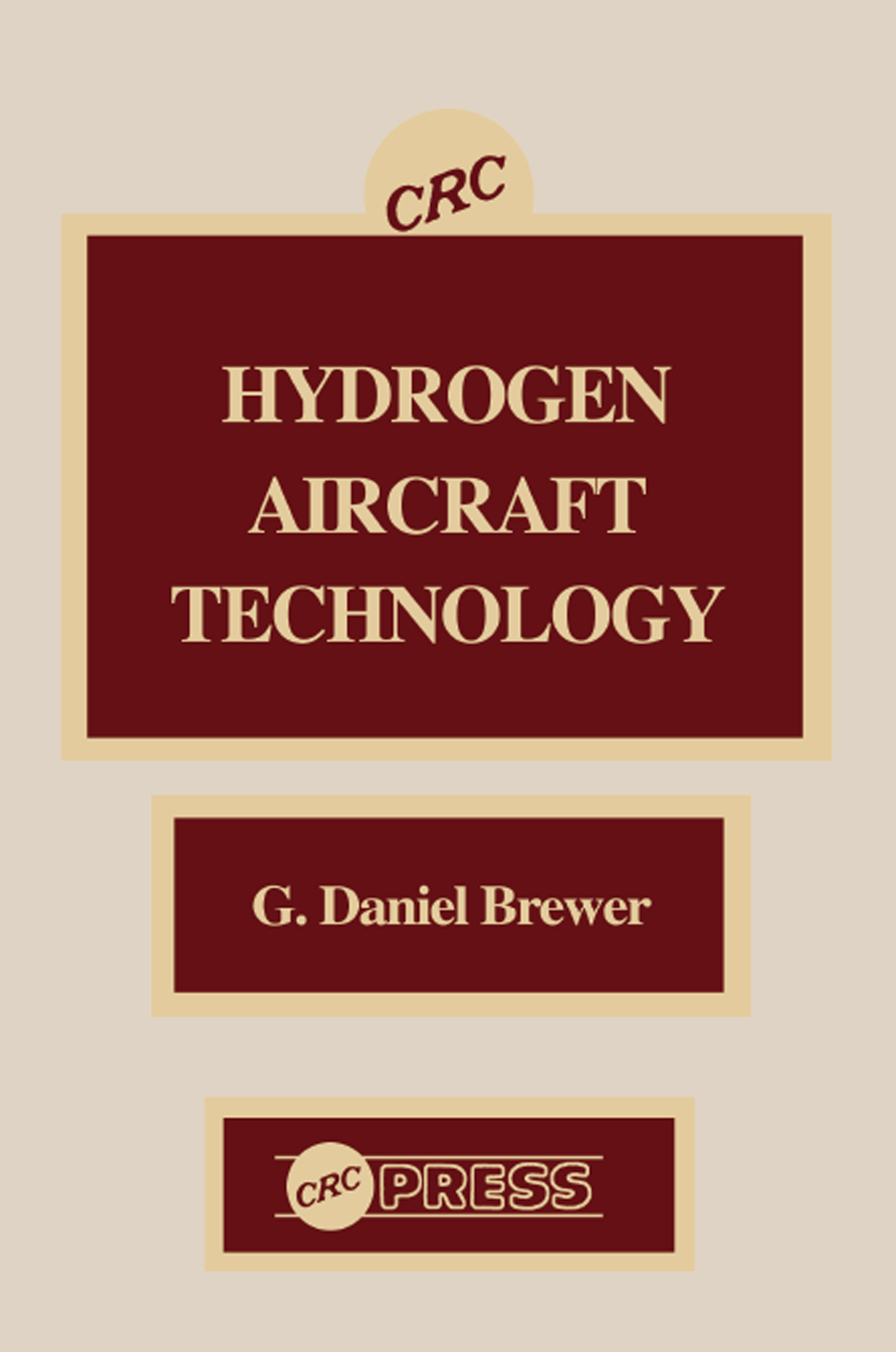
Hydrogen Aircraft Technology Liquid hydrogen is shown to be the ideal fuel for civil transport aircraft, as well as for many types of military aircraft. Hydrogen Aircraft Technology discusses the potential of hydrogen for subsonic, supersonic, and hypersonic applications. Designs with sample configurations of aircraft for all three speed categories are presented, in addition to performance comparisons to equivalent designs for aircraft using conventional kerosine-type fuel and configurations for aircraft using liquid methane fuel. Other topics discussed include conceptual designs of the principal elements of fuel containment systems required for cryogenic fuels, operational elements (e.g., pumps, valves, pressure regulators, heat exchangers, lines and fittings), modifications for turbine engines to maximize the benefit of hydrogen, safety aspects compared to kerosine and methane fueled designs, equipment and facility designs for servicing hydrogen-fueled aircraft, production methods for liquid hydrogen, and the environmental advantages for using liquid hydrogen. The book also presents a plan for conducting the necessary development of technology and introducing hydrogen fuel into the worldwide civil air transport industry. Hydrogen Aircraft Technology will provide fascinating reading for anyone interested in aircraft and hydrogen fuel designs. TECHNOLOGY & ENGINEERING,Civil,General
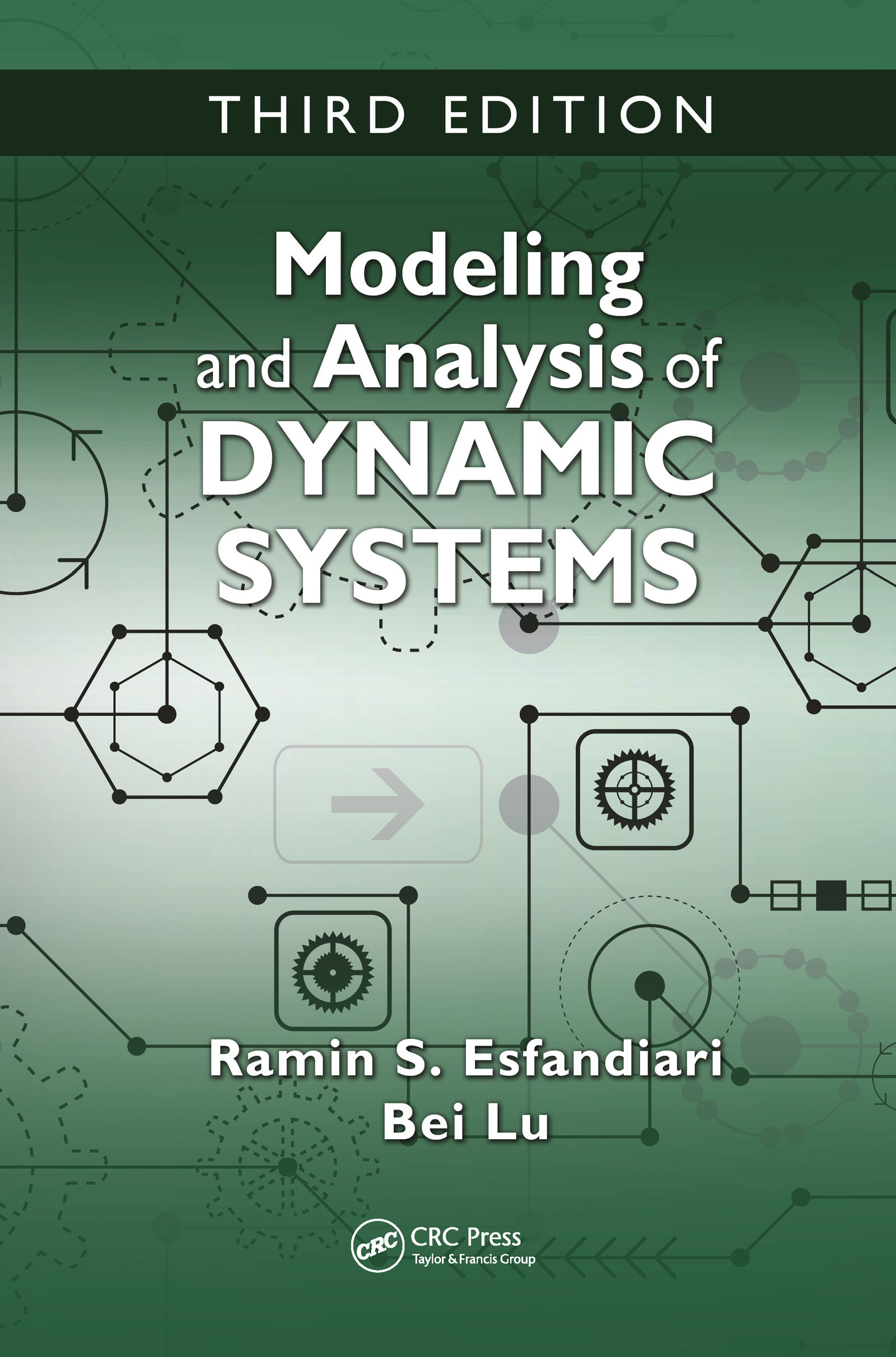
Modeling and Analysis of Dynamic Systems Modeling and Analysis of Dynamic Systems, Third Edition introduces MATLAB®, Simulink®, and Simscape™ and then utilizes them to perform symbolic, graphical, numerical, and simulation tasks. Written for senior level courses/modules, the textbook meticulously covers techniques for modeling a variety of engineering systems, methods of response analysis, and introductions to mechanical vibration, and to basic control systems. These features combine to provide students with a thorough knowledge of the mathematical modeling and analysis of dynamic systems. The Third Edition now includes Case Studies, expanded coverage of system identification, and updates to the computational tools included. TECHNOLOGY & ENGINEERING,Civil,General
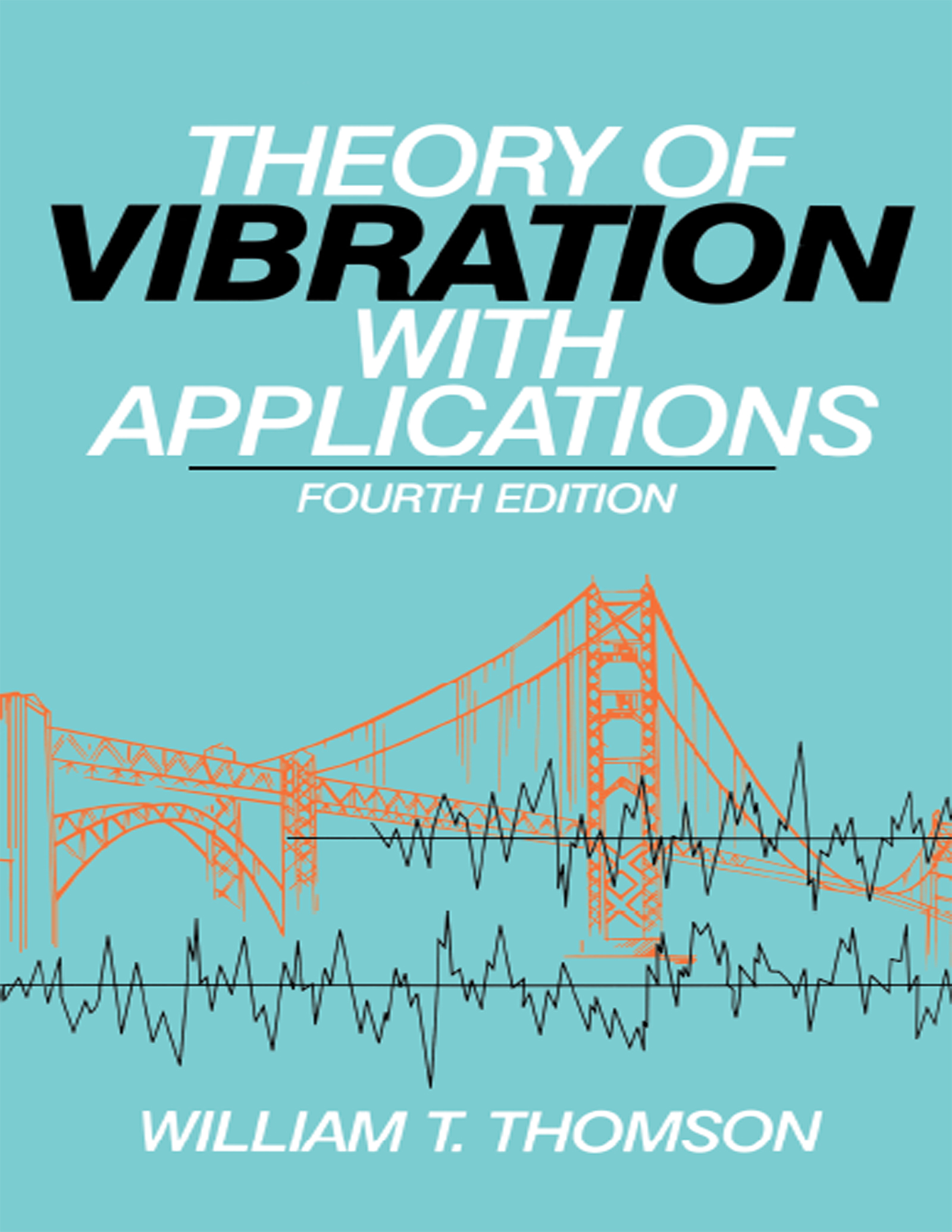
Theory of Vibration with Applications This edition features a new chapter on computational methods that presents the basic principles on which most modern computer programs are developed. It introduces an example on rotor balancing and expands on the section on shock spectrum and isolation. TECHNOLOGY & ENGINEERING,Civil,General

Fundamentals of Engineering FE Civil All-in-One Exam Guide This highly effective study guide offers 100% coverage of every subject on the FE Civil exam This self-study resource contains all of the information you need to prepare for and pass the challenging FE Civil exam on the first try. The book features clear explanations of every topic on the exam as well as hands-on exam strategies and accurate practice problems with fully worked solutions. Organized to follow the order of the official exam syllabus, the book includes references to the official FE Reference Handbook along with tips on how to utilize that resource during the exam itself. Written by a leading civil engineering educator and exam coach, Fundamentals of Engineering FE Civil All-in-One Exam Guide helps you pass the exam with ease. • Contains complete coverage of all objectives for the FE Civil exam • Follows the exact order of the official exam syllabus • Written by an experienced educator and researcher TECHNOLOGY & ENGINEERING,Civil,General
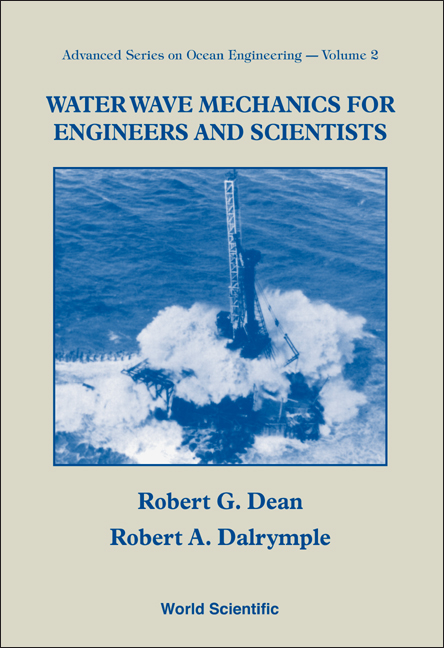
Water Wave Mechanics For Engineers And Scientists This book is intended as an introduction to classical water wave theory for the college senior or first year graduate student. The material is self-contained; almost all mathematical and engineering concepts are presented or derived in the text, thus making the book accessible to practicing engineers as well.The book commences with a review of fluid mechanics and basic vector concepts. The formulation and solution of the governing boundary value problem for small amplitude waves are developed and the kinematic and pressure fields for short and long waves are explored. The transformation of waves due to variations in depth and their interactions with structures are derived. Wavemaker theories and the statistics of ocean waves are reviewed. The application of the water particle motions and pressure fields are applied to the calculation of wave forces on small and large objects. Extension of the linear theory results to several nonlinear wave properties is presented. Each chapter concludes with a set of homework problems exercising and sometimes extending the material presented in the chapter. An appendix provides a description of nine experiments which can be performed, with little additional equipment, in most wave tank facilities. TECHNOLOGY & ENGINEERING,Civil,General
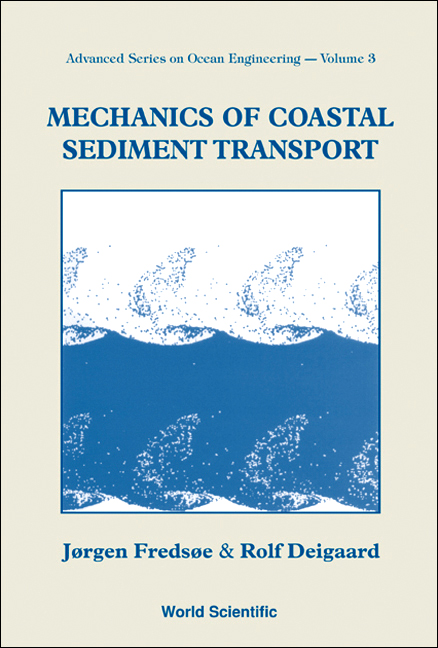
Mechanics Of Coastal Sediment Transport This book treats the subject of sediment transport in the marine environment, covering transport of noncohesive sediment by waves and currents in- and outside the surf zone. It can be read independently, but a background in hydraulics and basic wave mechanics is required.The primary aim of the book is to describe the physical processes of sediment transport and how to represent them in mathematical models. The book can be divided in two main parts; in the first, the relevant hydrodynamic theory is described. This part contains a review of elementary theory for water waves, chapters on the turbulent wave boundary layer and the turbulent interaction between waves and currents, and finally, surf zone hydrodynamics and wave driven currents.The second part covers sediment transport and morphological development.The part on sediment transport introduces the basic concepts (critical bed shear stress, bed load, suspended load and sheet layer, near-bed concentration, effect of sloping bed); it treats suspended sediment in waves and current and in the surf zone, and current and wave-generated bed forms. Finally, the modelling of cross-shore and long-shore sediment transport is described together with the development of coastal profiles and coastlines. TECHNOLOGY & ENGINEERING,Civil,General
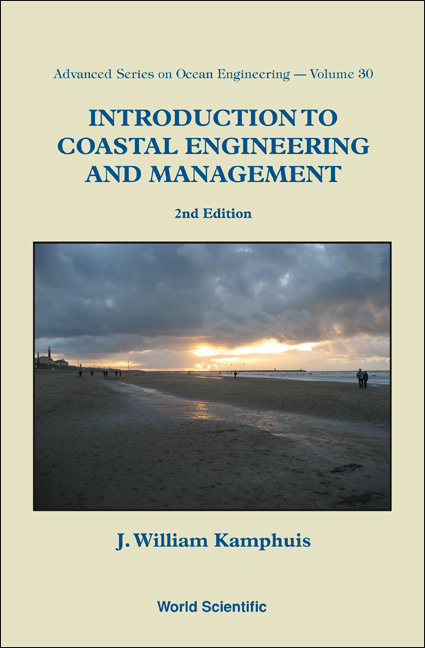
Introduction To Coastal Engineering And Management (2nd Edition) This book is based on the author's 34 years of experience as a teacher/researcher of coastal engineering and management and on recent reflections on newly relevant issues, such as consequences of failure, impacts of rising sea levels, aging infrastructure, real estate development, and contemporary decision making, design and education.This textbook for undergraduate students, postgraduate students and practicing engineers covers waves, structures, sediment movement, coastal management, and contemporary coastal design and decision making, presenting both basic principles and engineering solutions. It discusses the traditional methods of analysis and synthesis (design), but also contemporary design taking into account environmental impacts, consequences of failure, and current concerns such as global warming, aging infrastructure, working with stakeholder groups, regulators, etc.This second edition expands greatly on the topics of failure and resilience that surfaced as a result of recent disasters from hurricane surges and tsunamis. It updates the discussion of design and decision making in the 21st century, with many new examples presented. TECHNOLOGY & ENGINEERING,Civil,General
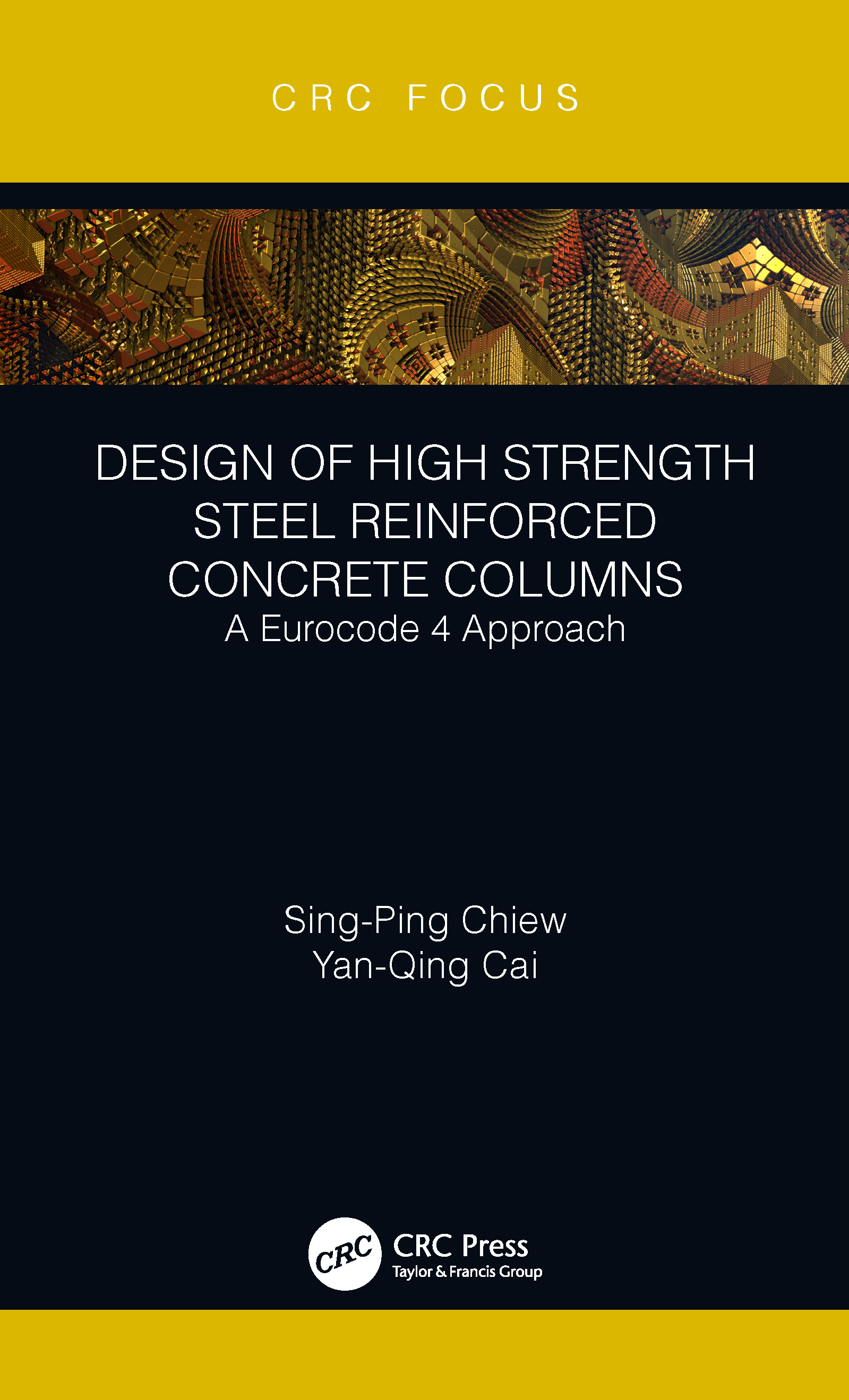
Design of High Strength Steel Reinforced Concrete Columns This book is the companion volume to Design Examples for High Strength Steel Reinforced Concrete Columns – A Eurocode 4 Approach. Guidance is much needed on the design of high strength steel reinforced concrete (SRC) columns beyond the remit of Eurocode 4. Given the much narrower range of permitted concrete and steel material strengths in comparison to EC2 and EC3, and the better ductility and buckling resistance of SRC columns compared to steel or reinforced concrete, there is a clear need for design beyond the guidelines. This book looks at the design of SRC columns using high strength concrete, high strength structural steel and high strength reinforcing steel materials – columns with concrete cylinder strength up to 90 N/mm2, yield strength of structural steel up to 690 N/mm2 and yield strength of reinforcing steel up to 600 N/mm2 respectively. The companion volume provides detailed worked examples on use of these high strength materials. This book is written primarily for structural engineers and designers who are familiar with basic EC4 design, and should also be useful to civil engineering undergraduate and graduate students who are studying composite steel concrete design and construction. Equations for design resistances are presented clearly so that they can be easily programmed into design spreadsheets for ease of use. TECHNOLOGY & ENGINEERING,Civil,General

Transportation Asset Management Transportation asset management delivers efficient and cost-effective investment decisions to support transportation infrastructure and system usage performance measured in economic, social, health, and environmental terms. It can be applied at national, state, and local levels. This distinctive book addresses asset management for multimodal transportation, taking account of system component interdependency, integration, and risk and uncertainty. It sets out rigorous quantitative and qualitative methods for addressing system goals, performance measures, and needs; data collection and management; performance modeling; project evaluation, selection, and trade-off analysis; innovative financing; and institutional issues. It applies as easily to static traffic and time-dependent or dynamic traffic which exists on a more local level. It is written for transportation planners, engineers, and academia, as well as a growing number of graduate students taking transportation asset management courses. TECHNOLOGY & ENGINEERING,Civil,General
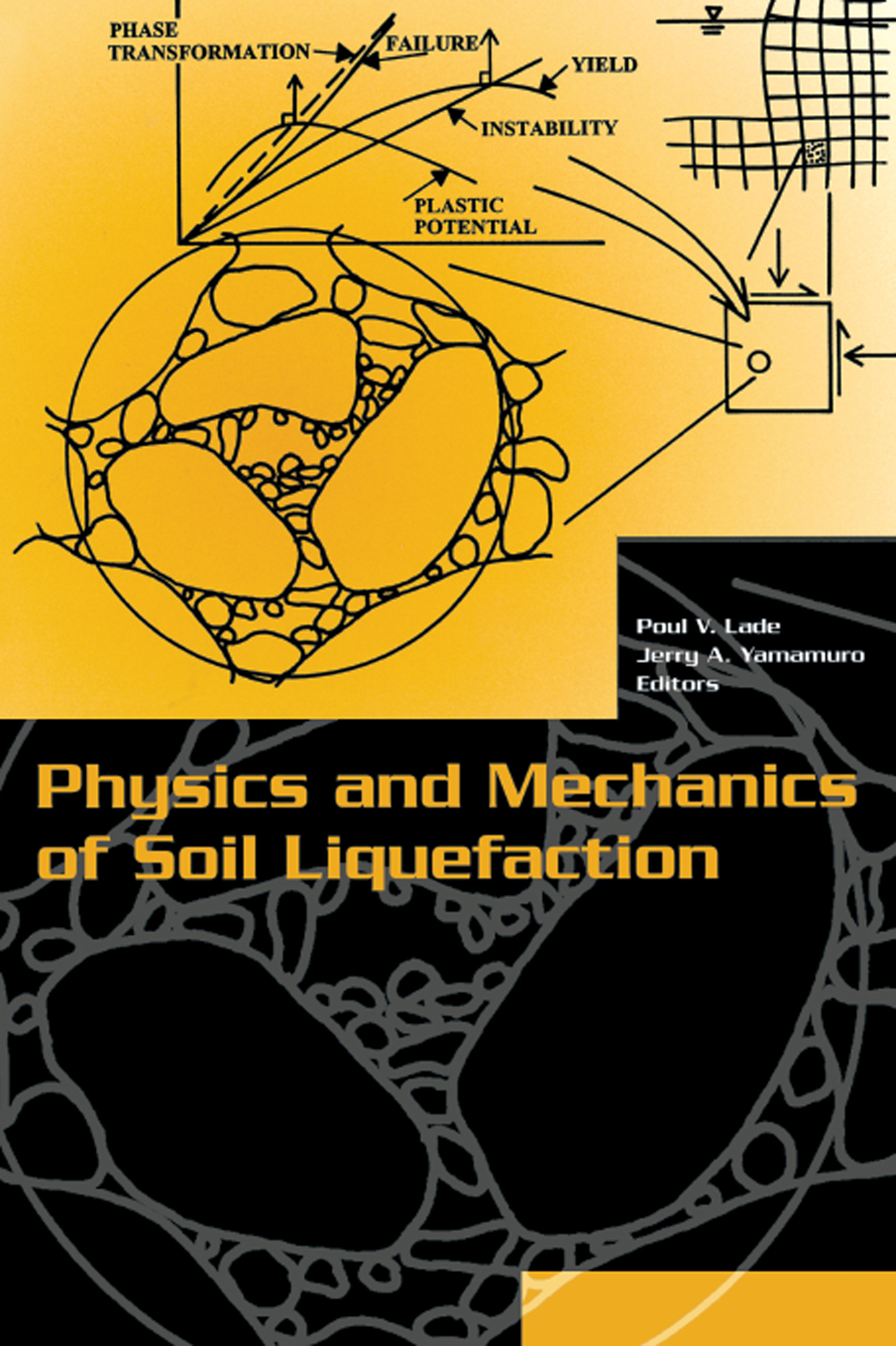
Physics and Mechanics of Soil Liquefaction The workshop aims to provide a fundamental understanding of the liquefaction process, necessary to the enhancement of liquefaction prediction. The contributions are divided into eight sections, which include: factors affecting liquefaction susceptibility and field studies of liquefaction. TECHNOLOGY & ENGINEERING,Civil,General

Light Rail Developers' Handbook This unique book is for anyone interested in how to justify and build light rail systems in the age of limited resources and green technologies. The historical introduction addresses how many of the problems faced by light rail promoters and planners are not new and how existing solutions can be used to save time and money. The planning chapter explains the process of route identification on the basis of travel patterns and maximizing modal switch. The engineering chapter shows the costs of infrastructure, equipping and commissioning a new light rail system. The economic evaluation chapter shows promoters how each line can be assessed for viability, comparing the capital cost of construction with expected revenue, including sensitivity to different fares, market conditions, and operating costs. In conclusion, the book reviews how to keep a light rail system attractive to riders and investors after opening. TECHNOLOGY & ENGINEERING,Civil,General
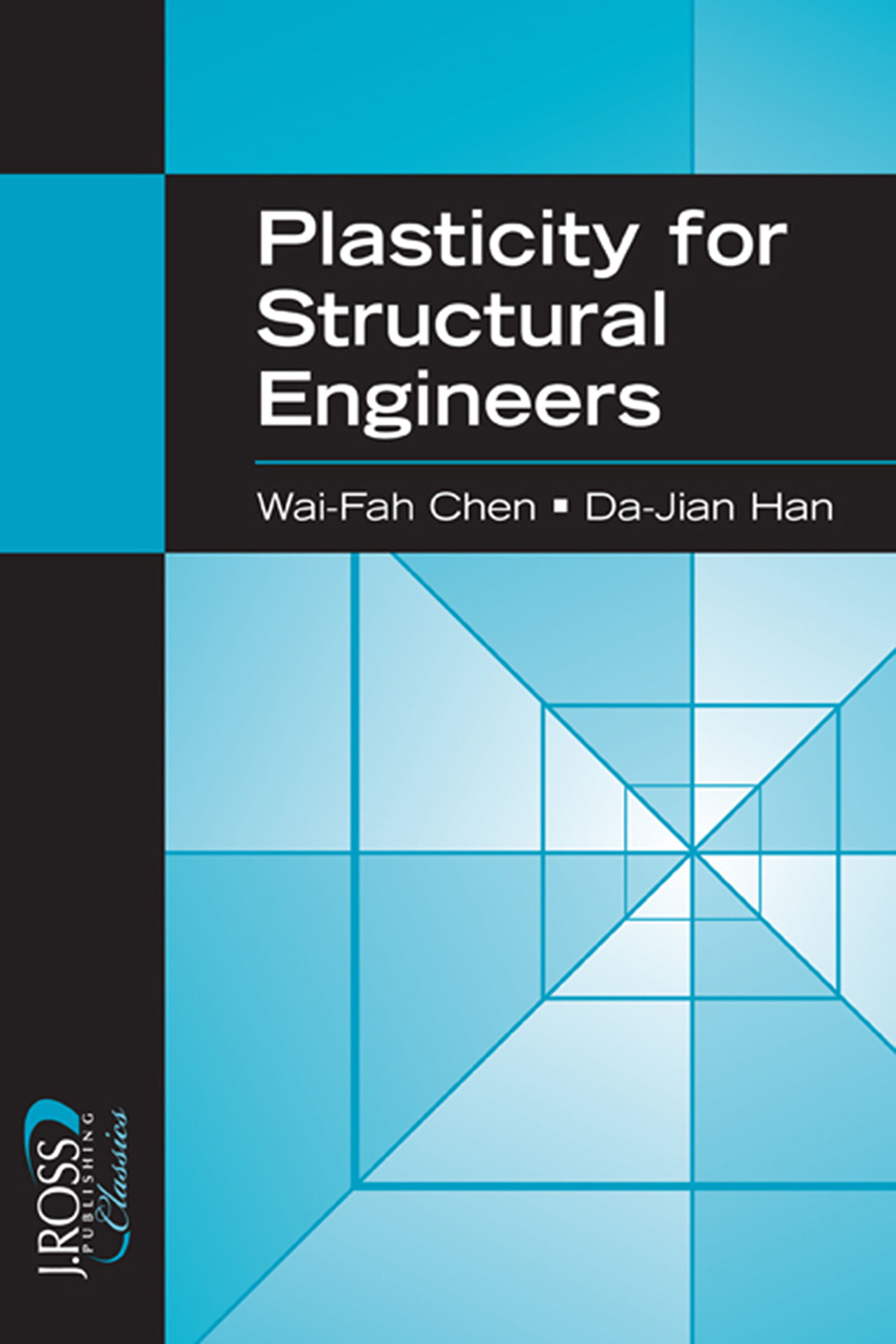
Plasticity for Structural Engineers This comprehensive text addresses the elastic and plastic behavior of general structural elements under combined stress. It sets out to examine the stress strain behaviors of materials under simple test conditions and proceeds to show how these behaviors can be generalized under combined stress. An unabridged J. Ross Publishing republication of the edition published by Springer-Verlag, New York, 1988, 606pp. TECHNOLOGY & ENGINEERING,Civil,General
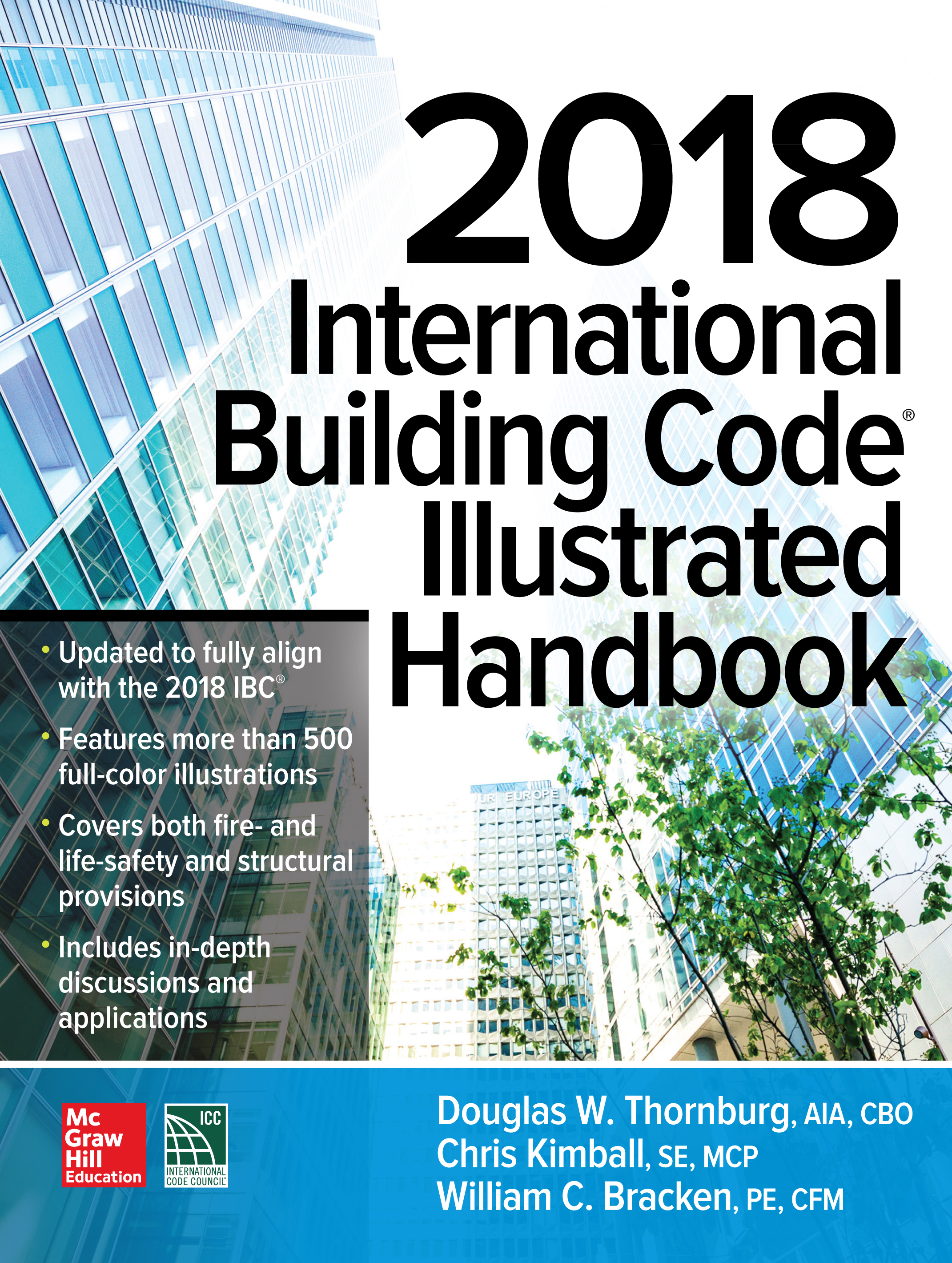
2018 International Building Code Illustrated Handbook The most comprehensive visual companion to the International Building Code®—fully updated for 2018 and applicable for 2021 provisions Thoroughly updated to address the provisions of the ICC’s 2018 and 2021 International Building Code®, this fully-illustrated guide makes it easy to understand and apply the most critical code provisions. Covering both fire- and life-safety and structural provisions, this practical resource contains hundreds of user-friendly diagrams designed to clarify the application and intent of the IBC. The 2018 International Building Code® Illustrated Handbook provides all the information needed to get construction jobs done right and achieve compliance. An invaluable companion to the 2018 and 2021 IBC, it is a must have resource for building officials, architects, engineers, contractors and all building construction professionals. Get complete application details on: • Scope and Administration• Definitions• Use and Occupancy Classification• Special Detailed Requirements Based on Use and Occupancy• General Building Heights and Areas• Types of Construction• Fire and Smoke Protection Features• Interior Finishes• Fire Protection Systems• Means of Egress• Accessibility• Interior Environment• Exterior Walls• Roof Assemblies and Rooftop Structures• Structural Design• Special inspections and tests• Soils and Foundations • Concrete• Masonry• Steel• Wood• Glass and Glazing• Gypsum Board and Plaster• Plastic• Plumbing• Elevators and Conveying Systems• Special Construction• Encroachments in the Public Right-of-Way• Safeguards During Construction TECHNOLOGY & ENGINEERING,Civil,General

Theory of Beam-Columns, Volume 1 This is the first volume of a two-volume work presenting the basic theoretical principles, methods of analysis in obtaining the solutions of beam-columns, and developments of theories of biaxially loaded beam-columns, and to show how these theories can be used in the solution of practical design problems. After presenting the basic theory the authors proceed to solutions of particular problems. Both refined and simplified design procedures, along with their limitations, are presented. It is left to the engineer to choose among them as he sees fit. An unabridged J. Ross Publishing republication of the edition published by McGraw-Hill, Inc., New York, 1976, 513pp. TECHNOLOGY & ENGINEERING,Civil,General

Composite Structures of Steel and Concrete This book provides an introduction to the theory and design of composite structures of steel and concrete. Material applicable to both buildings and bridges is included, with more detailed information relating to structures for buildings. Throughout, the design methods are illustrated by calculations in accordance with the Eurocode for composite structures, EN 1994, Part 1-1, ‘General rules and rules for buildings’ and Part 1-2, ‘Structural fire design’, and their cross-references to ENs 1990 to 1993. The methods are stated and explained, so that no reference to Eurocodes is needed. The use of Eurocodes has been required in the UK since 2010 for building and bridge structures that are publicly funded. Their first major revision began in 2015, with the new versions due in the early 2020s. Both authors are involved in the work on Eurocode 4. They explain the expected additions and changes, and their effect in the worked examples for a multi-storey framed structure for a building, including resistance to fire. The book will be of interest to undergraduate and postgraduate students, their lecturers and supervisors, and to practising engineers seeking familiarity with composite structures, the Eurocodes, and their ongoing revision. TECHNOLOGY & ENGINEERING,Civil,General
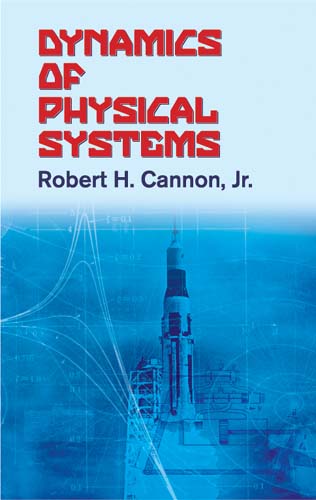
Dynamics of Physical Systems Comprehensive text and reference covers modeling of physical systems in several media, derivation of differential equations of motion and related physical behavior, dynamic stability and natural behavior, more. 1967 edition. TECHNOLOGY & ENGINEERING,Civil,General
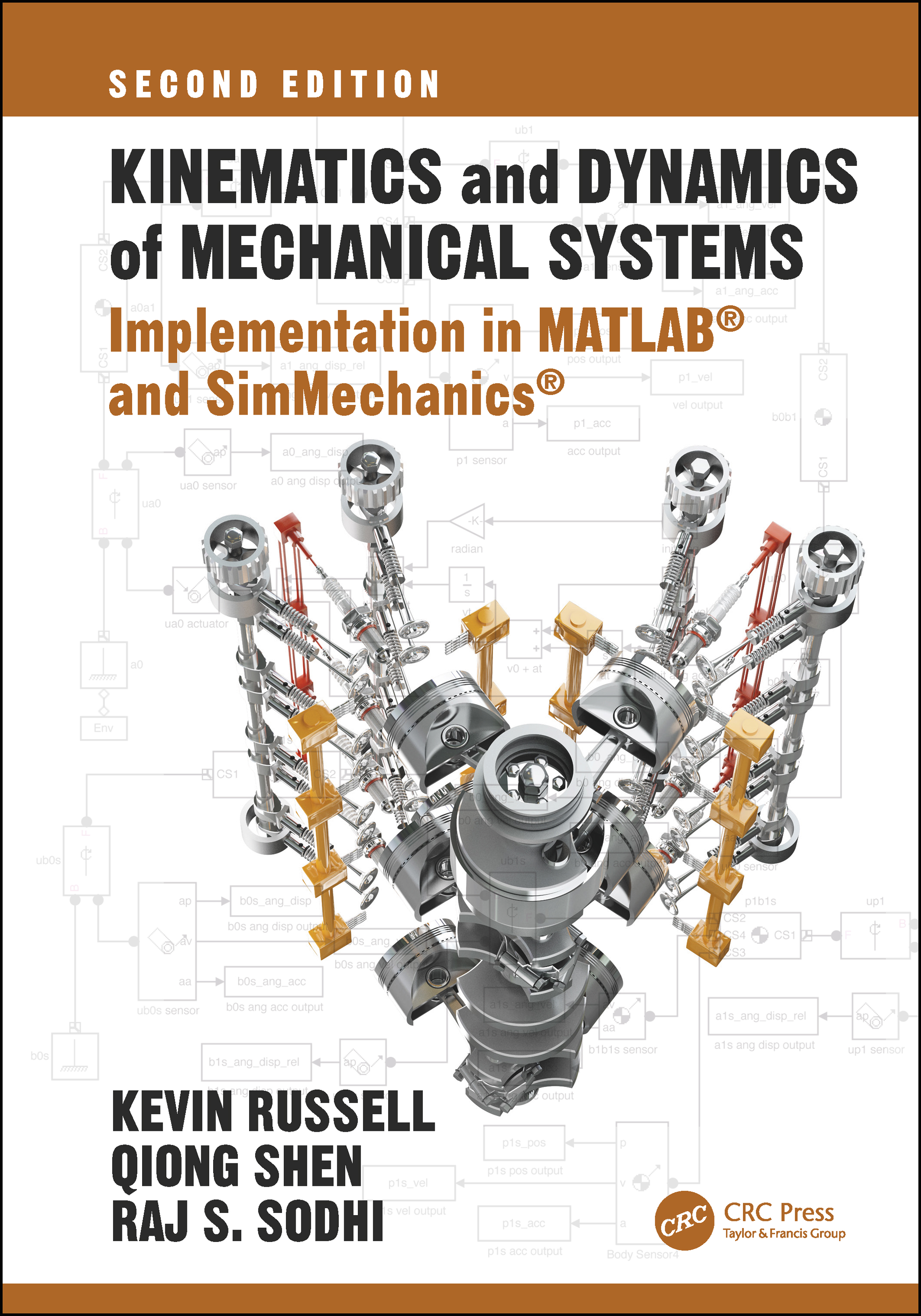
Kinematics and Dynamics of Mechanical Systems, Second Edition Kinematics and Dynamics of Mechanical Systems: Implementation in MATLAB® and SimMechanics®, Second Edition combines the fundamentals of mechanism kinematics, synthesis, statics and dynamics with real-world applications, and offers step-by-step instruction on the kinematic, static, and dynamic analyses and synthesis of equation systems. Written for students with no working knowledge of MATLAB and SimMechanics, the text provides understanding of static and dynamic mechanism analysis, and moves beyond conventional kinematic concepts—factoring in adaptive programming, 2D and 3D visualization, and simulation, and equips readers with the ability to analyze and design mechanical systems. This latest edition presents all of the breadth and depth as the past edition, but with updated theoretical content and much improved integration of MATLAB and SimMechanics in the text examples. Features: Fully integrates MATLAB and SimMechanics with treatment of kinematics and machine dynamics Revised to modify all 300 end-of-chapter problems, with new solutions available for instructors Formulated static & dynamic load equations, and MATLAB files, to include gravitational acceleration Adds coverage of gear tooth forces and torque equations for straight bevel gears Links text examples directly with a library of MATLAB and SimMechanics files for all users TECHNOLOGY & ENGINEERING,Civil,General
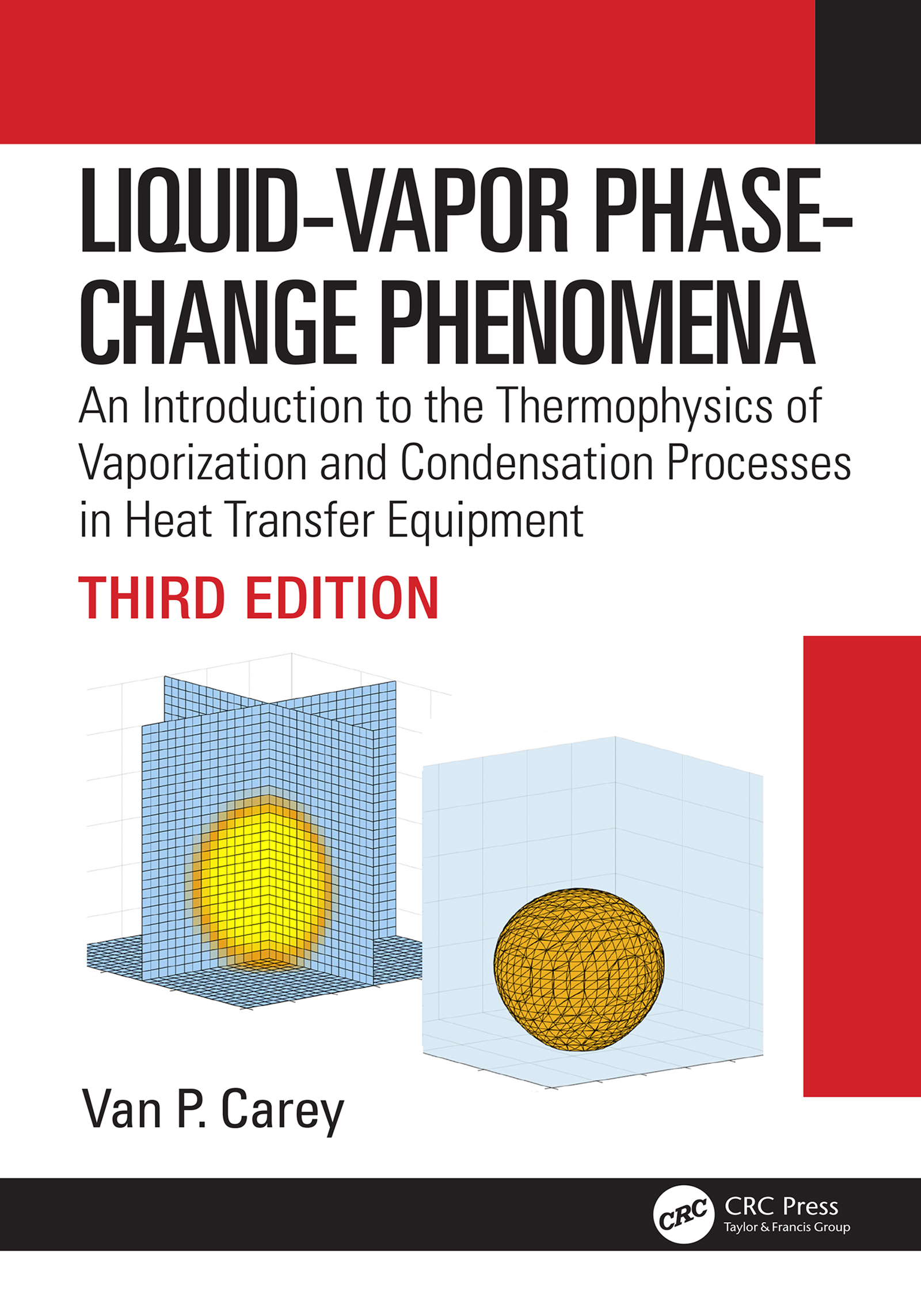
Liquid-Vapor Phase-Change Phenomena Since the second edition of Liquid-Vapor Phase-Change Phenomena was written, research has substantially enhanced the understanding of the effects of nanostructured surfaces, effects of microchannel and nanochannel geometries, and effects of extreme wetting on liquid-vapor phase-change processes. To cover advances in these areas, the new third edition includes significant new coverage of microchannels and nanostructures, and numerous other updates. More worked examples and numerous new problems have been added, and a complete solution manual and electronic figures for classroom projection will be available for qualified adopting professors. TECHNOLOGY & ENGINEERING,Civil,General

Crowds In Equations The book contains self-contained descriptions of existing models, accompanied by critical analyses of their properties both from a theoretical and practical standpoint. It aims to develop 'modeling skills' within the readers, giving them the ability to develop their own models and improve existing ones. Written in connection with a full, open source Python Library, this project also enables readers to run the simulations discussed within the text. TECHNOLOGY & ENGINEERING,Civil,General
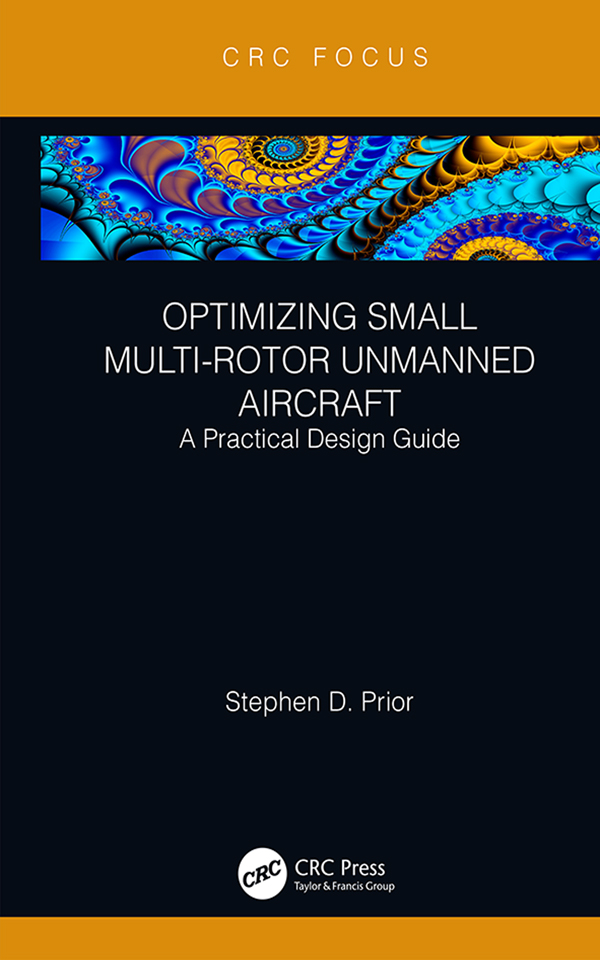
Optimizing Small Multi-Rotor Unmanned Aircraft This design guide was written to capture the author’s practical experience of designing, building and testing multi-rotor drone systems over the past decade. The lack of one single source of useful information meant that the past 10 years has been a steep learning curve, a lot of self-tuition and many trial and error tests. Lessons learnt the hard way are not always the best way to learn. This book will be useful for the amateur drone pilot who wants to build their own system from first principles, as well as the academic researcher investigating novel design concepts and future drone applications. TECHNOLOGY & ENGINEERING,Civil,General

Cathodic Protection for Reinforced Concrete Structures Cathodic protection of reinforced concrete structures is a technique for rescuing corrosion damaged structures and, in certain instances, preventing them from corroding in the first place, and its use is growing. This book is for specialist contractors, large consultants and owners of corrosion damaged structures, and looks at international experience with this technique. It examines why corrosion is occurring, the differences in the application of CP with the stark dichotomy in its success and failure, and finally ways in which its performance can be improved on future installations. Information is valuable, as the success or failure of the CP system has a marked effect on the service life of the structure. TECHNOLOGY & ENGINEERING,Civil,General

Moving the Earth The industry-standard guide to earthmoving and machines―thoroughly revised to cover the latest advances This fully updated resource covers every aspect of site preparation and management, and details the machines and vehicles needed to perform each task. Written by a team of excavation experts, the book helps you choose the right approach for any job, select appropriate equipment, and understand the related safety requirements. You will get clear explanations of the different types of excavation methods, including compaction, grading, blasting, structural excavation, and aggregate production. The text also provides examples of how to calculate machine production. Moving the Earth: Excavation Equipment, Methods, Safety, and Cost, Seventh Edition, covers: • Cost estimation and planning • Soil and rock • Machine fundamentals • Dozers • Land clearing • Excavators and loaders • Trucks and trailers • Scrapers • Structural excavation • Trenching and trenchless technologies • Compaction, stabilization, and finishing • Compressors and drills • Blasting • Aggregate processing TECHNOLOGY & ENGINEERING,Civil,General
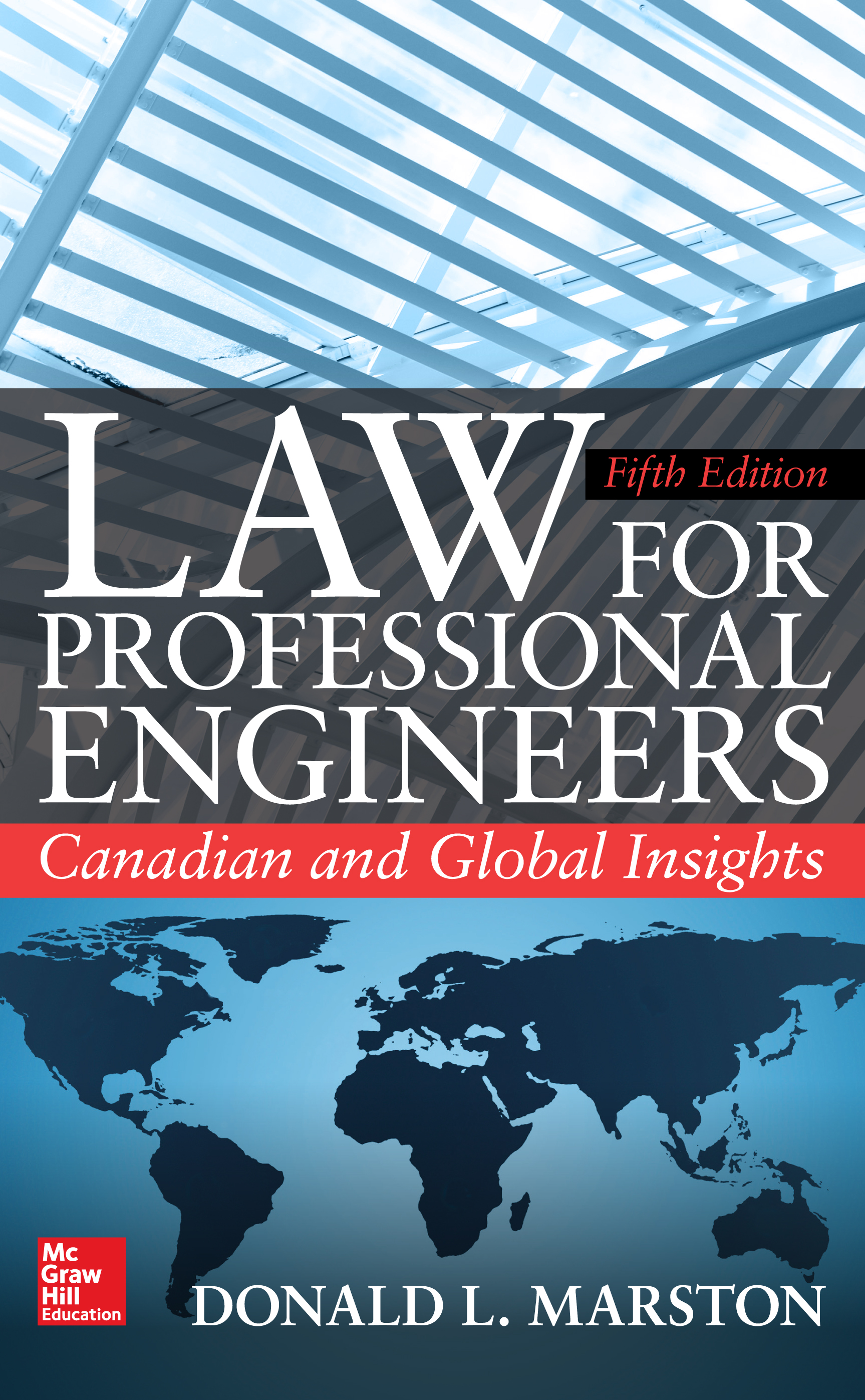
Law for Professional Engineers Thoroughly revised, plain-language explanations of legal issues that impact today’s practicing engineers This fully updated guide helps engineers navigate the complicated legal issues they encounter in their work. The book focuses on Canadian engineering practices and discusses the latest international rules and regulations. Contracts, liability issues, and intellectual property and tax laws are covered in full detail. Written by a recognized expert in the field, Law for Professional Engineers: Canadian and Global Insights, Fifth Edition features concise, easy-to-understand explanations of the legal issues that impact engineering. You will get relevant examples from Canadian case law that demonstrate real-world applications of each legal concept. The book provides practical advice that will help engineers navigate the complexities of international projects, whether they are based in Canada, in the U.S., or anywhere else in the world. • Cuts out the legalese and explains concepts from an engineer’s perspective • Includes expanded coverage of engineering ethics • Written by an expert on international construction law and dispute resolution TECHNOLOGY & ENGINEERING,Civil,General
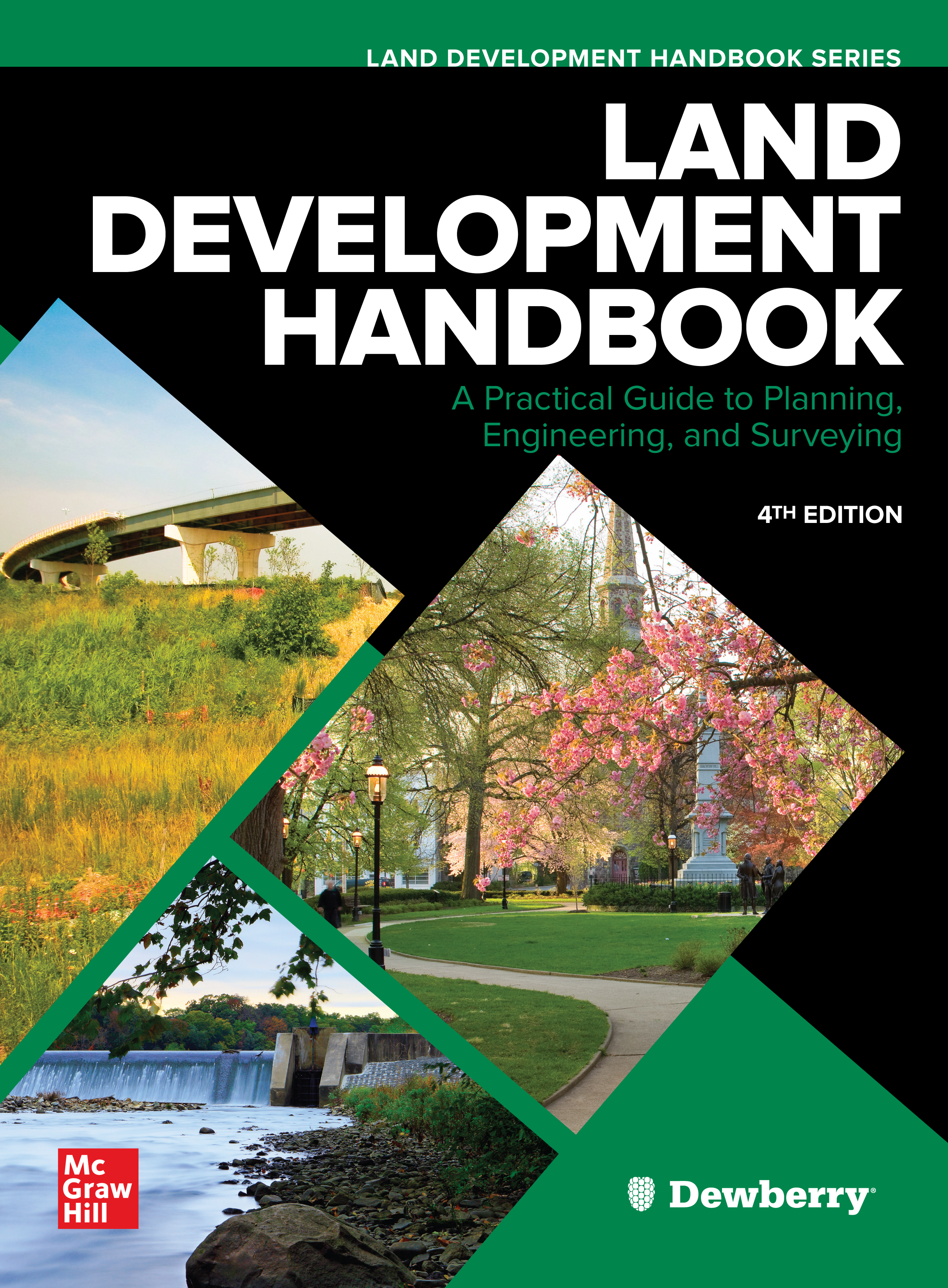
Land Development Handbook, Fourth Edition The definitive guide to land development—fully updated to cover the latest industry advances. This thoroughly revised resource lays out step-by-step approaches from feasibility, through design and into permitting stages of land development projects. The book offers a holistic view of the land development process for public and private project types – including residential, commercial, mixed-use and institutional. Land Development Handbook, Fourth Edition contains the latest information on green technologies and environmentally conscious design methods. Detailed technical appendices, revised graphics, and case studies round out the content included. This edition covers: • Due diligence, planning, and zoning • Review procedures, building codes, and development costs • Environmental and historical considerations • Site analysis and preliminary engineering • Feasibility studies and site inspections • Conceptual and schematic design • Site selection, yield, and impact studies • Final design processes and sample plans • Components of a site plan and the approval process • Site grading, road design, and utility design • Stormwater management and hydrology • Erosion and sediment control • Permits, bonds, and construction documents • Soils, floodplain studies and stream restoration TECHNOLOGY & ENGINEERING,Civil,General

AutoCAD 2020 3D Modeling This book provides new andseasoned users with step-by-step procedures on creating and modifying 3Dmodels, working with cameras and lights, assigning materials to objects,rendering, and printing. Unlike many AutoCAD competitors, it uses both metric and imperial units toillustrate the myriad tools for this popular application. Use the companiondisc to set up drawing exercises and projects and see all of the book’s figuresin color (files are also available for downloading from the publisher bywriting to info@merclearning.com). AutoCAD2020 3D Modeling includes 50 “mini-workshops,†that complete small projectsfrom concept through actual plotting. Solving all of the workshops willsimulate the creation of full projects (architectural and mechanical) frombeginning to end, without overlooking any of the basic commands and functionsin AutoCAD 2020. Features: • Covers 3D solid modeling, 3Dsurface modeling, working with cameras/lighting, rendering and imaging,dimensioning and drafting, and model interchange• Includes 50 “mini-workshops,†that complete smallprojects from concept through actual plotting. Solving all of the workshopswill simulate the creation of full projects (architectural and mechanical)• Provides new andseasoned users with step-by-step procedures on creating and modifying 3D modelsin both metric and imperial units • Companion disc can be used to set up in-text drawing exercises and projects and to see the book’s figures in color (files are also available for downloading from the publisher by writing to info@merclearning.com)• Written by anAutoDesk® ApprovedInstructor and Certified AutoDesk AutoCAD Master. TECHNOLOGY & ENGINEERING,Civil,General

AutoCAD 2020 Beginning and Intermediate This book is the most comprehensive book you will find on AutoCAD 2020 – 2D Drafting. Covering all of the 2D concepts, it uses both metric and imperial units to illustrate the myriad drawing and editing tools for this popular application. Use the companion files to set up drawing exercisesand projects and to see all of the book’s figures in color (Files alsoavailable for downloading from the publisher by emailing info@merclearning.com). AutoCAD 2020 Beginning and Intermediate includes over 100 “mini-workshops†that complete small projects from conceptthrough actual plotting. Solving all of these workshops will simulate the creation of three projects (architectural and mechanical) from beginning to end, without overlooking any of the basic commands and functions in AutoCAD 2020. Features: - Designed for novice users ofAutoCAD 2020. Most useful for “teach yourself†or instructor-led AutoCAD training in Level 1 or 2. No previous CAD experience is required - Separate chapter on the “Drawing Compare†function - Companion files featuringdrawings, practice and finished plots, 4-color figures, etc. - Includes over 100 “mini-workshops†andhundreds of figures that complete small projects - Uses both English and metric units in examples, exercises, projects, anddescriptions- Covers three full projects (metric and imperial) for architectural and mechanicaldesigns - Helps you to prepare for the AutoCAD Certified Professional exam - Exercises and instructor’s resources available for use as a textbook. TECHNOLOGY & ENGINEERING,Civil,General
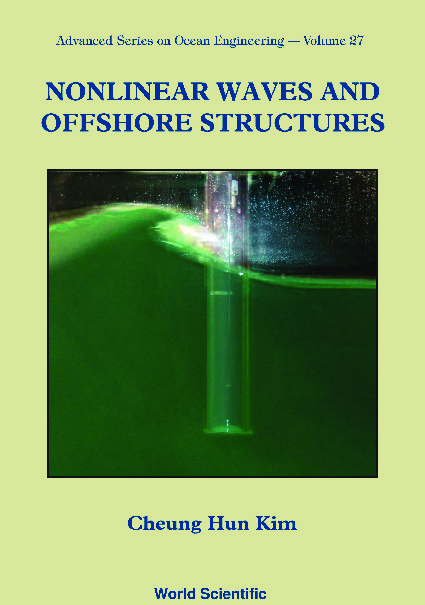
Nonlinear Waves And Offshore Structures The responses of offshore structures are significantly affected by steep nonlinear waves, currents and wind, leading to phenomena such as springing and ringing of TLPs, slow drift yaw motion of FPSOs and large oscillations of Spar platforms due to vortex shedding. Research has brought about significant progress in this field over the past few decades and introduced us to increasingly involved concepts and their diverse applicability. Thus, an in-depth understanding of steep nonlinear waves and their effects on the responses of offshore structures is essential for safe and effective designs.This book deals with analyses of nonlinear problems encountered in the design of offshore structures, as well as those that are of immediate practical interest to ocean engineers and designers. It presents conclusions drawn from recent research pertinent to nonlinear waves and their effects on the responses of offshore structures. Theories, observations and analyses of laboratory and field experiments are expounded such that the nonlinear effects can be clearly visualized. TECHNOLOGY & ENGINEERING,Civil,General

Design of Wood Structures- ASD/LRFD, Eighth Edition The leading wood design reference—thoroughly revised with the latest codes and data Fully updated to cover the latest techniques and standards, the eighth edition of this comprehensive resource leads you through the complete design of a wood structure following the same sequence used in the actual design/construction process. Detailed equations, clear illustrations, and practical design examples are featured throughout the text. This up-to-date edition conforms to both the 2018 International Building Code (IBC) and the 2018 National Design Specification for Wood Construction (NDS). Design of Wood Structures-ASD/LRFD, Eighth Edition, covers: • Wood buildings and design criteria • Design loads • Behavior of structures under loads and forces • Properties of wood and lumber grades • Structural glued laminated timber • Beam design and wood structural panels • Axial forces and combined loading • Diaphragms and shearwalls • Wood and nailed connections • Bolts, lag bolts, and other connectors • Connection details and hardware • Diaphragm-to-shearwall anchorage • Requirements for seismically irregular structures • Residential buildings with wood light frames TECHNOLOGY & ENGINEERING,Civil,General
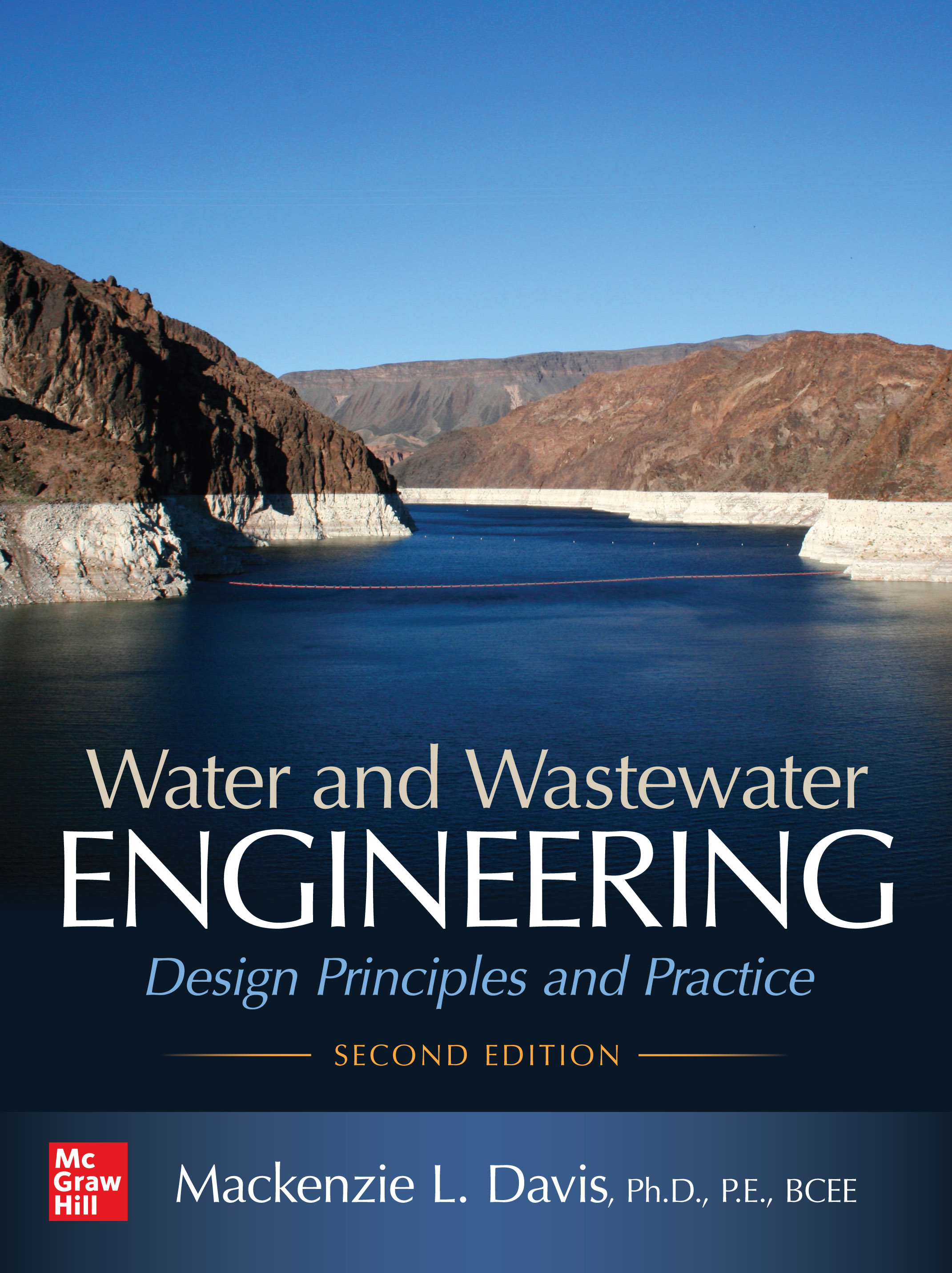
Water and Wastewater Engineering Publisher's Note: Products purchased from Third Party sellers are not guaranteed by the publisher for quality, authenticity, or access to any online entitlements included with the product. A Fully Updated, In-Depth Guide to Water and Wastewater Engineering Thoroughly revised to reflect the latest advances, procedures, and regulations, this authoritative resource contains comprehensive coverage of the design and construction of municipal water and wastewater facilities. Written by an environmental engineering expert and seasoned academic, Water and Wastewater Engineering: Design Principles and Practice, Second Edition, offers detailed explanations, practical strategies, and design techniques as well as hands-on safety protocols and operation and maintenance procedures. You will get cutting-edge information on water quality standards, corrosion control, piping materials, energy efficiency, direct and indirect potable reuse, and more. Coverage includes: • The design and construction processes• General water supply design considerations• Intake structures and wells• Chemical handling and storage• Coagulation and flocculation• Lime-soda and ion exchange softening• Reverse osmosis and nanofiltration• Sedimentation• Granular and membrane filtration• Disinfection and fluoridation• Removal of specific constituents• Water plant residuals management, process selection, and integration• Storage and distribution systems• Wastewater collection and treatment design considerations• Sanitary sewer design• Headworks and preliminary treatment• Primary treatment• Wastewater microbiology• Secondary treatment by suspended growth biological processes• Secondary treatment by attached growth and hybrid biological processes• Tertiary treatment• Advanced oxidation processes• Direct and indirect potable reuse TECHNOLOGY & ENGINEERING,Civil,General
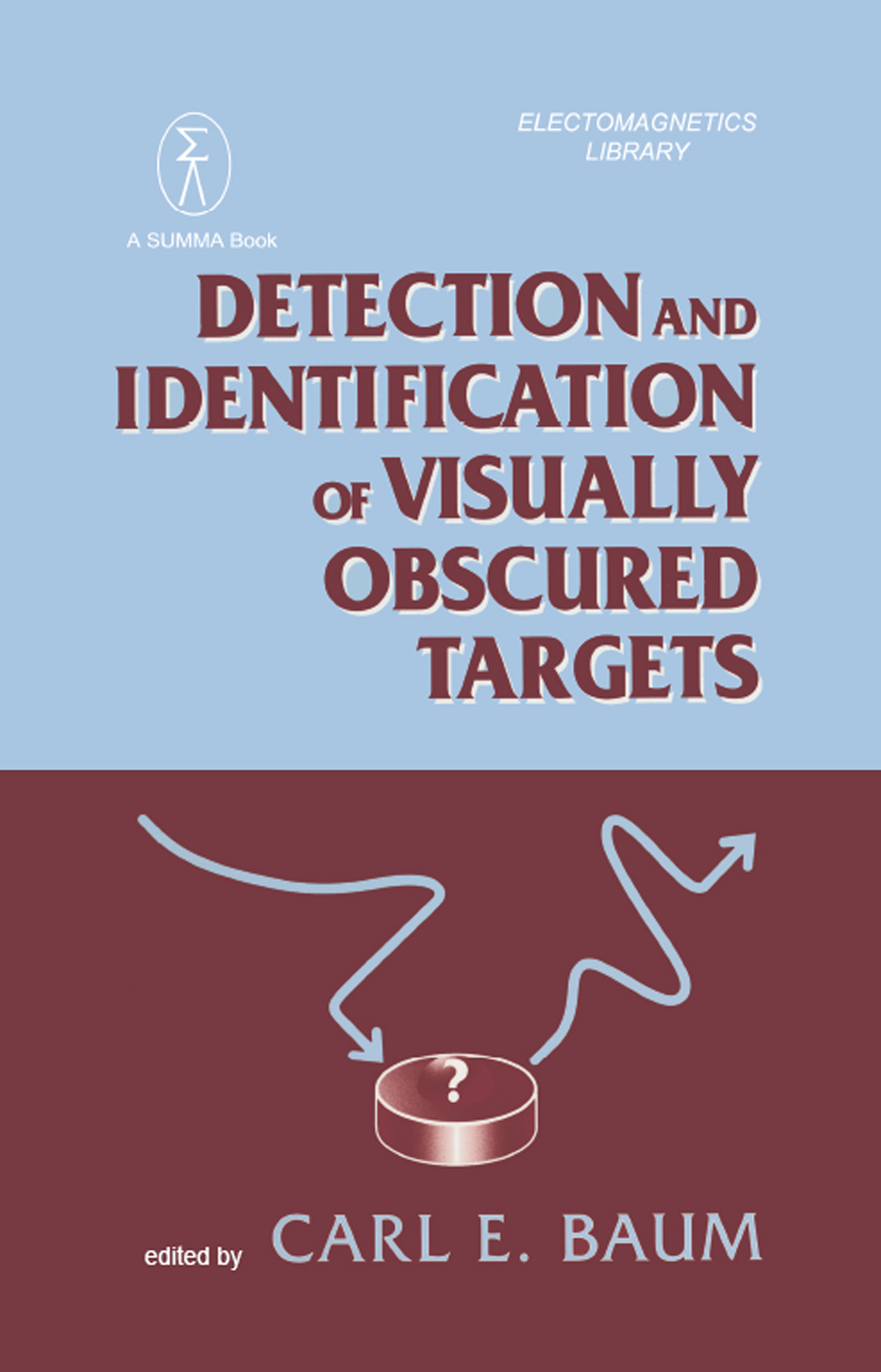
Detection And Identification Of Visually Obscured Targets Beginning with a review of the current need for identification of buried and surface unexplored ordnance such as mines, shells, bombs, this book then explains existing techniques for electromagnetic detection of such targets. A detailed treatment of target signatures (natural frequencies and related parameters) for identification and discrimination of false alarms is also given. TECHNOLOGY & ENGINEERING,Civil,General

Brickwork 2 and Associated Studies In three excellent, up to date concise volumes the authors deal thouroghly with brickwork and its associated subjects. The student is provided with an introduction to the industry, the trade, the skills and the structures, and reflecting the 1990s, emphasise safety aspects and considerations. Includes multi choice questions and answers. TECHNOLOGY & ENGINEERING,Civil,General
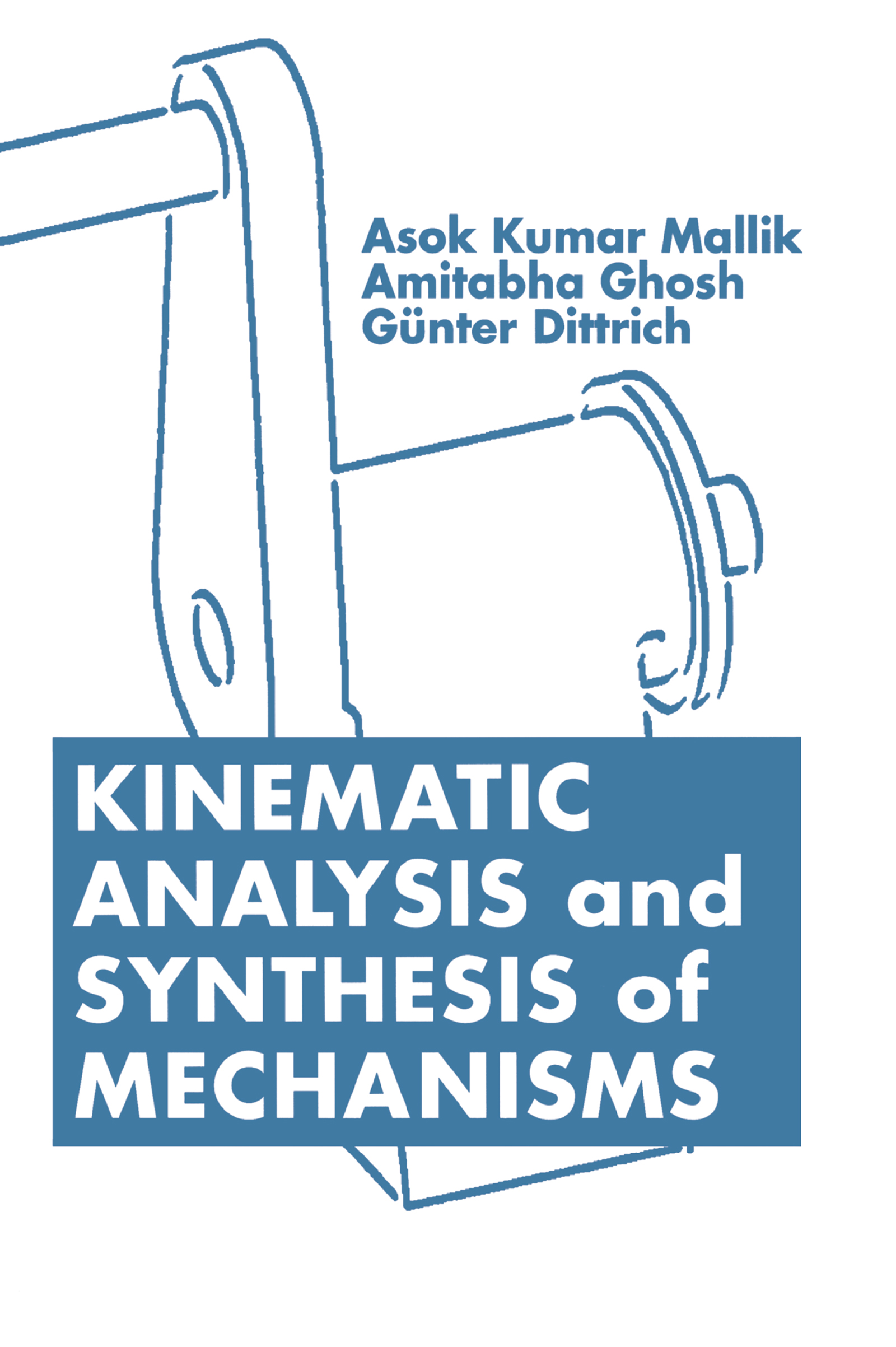
Kinematic Analysis and Synthesis of Mechanisms This text/reference represents the first balanced treatment of graphical and analytical methods for kinematic analysis and synthesis of linkages (planar and spatial) and higher-pair mechanisms (cams and gears) in a single-volume format. A significant amount of excellent German literature in the field that previously was not available in English provides extra insight into the subject. Plenty of solved problems and exercise problems are included to sharpen your skills and demonstrate how theory is put into practice. TECHNOLOGY & ENGINEERING,Civil,General

Structural Steel Design StructuralSteel Design, Third Edition is a simple, practical, and concise guide to structuralsteel design – using the Load and Resistance Factor Design (LRFD) and theAllowable Strength Design (ASD) methods -- that equips the reader with the necessary skills for designing real-world structures. Civil, structural, and architectural engineering students intending to pursue careers in structural design and consulting engineering, and practicing structural engineers will find the text useful because of the holistic, project-based learning approach that bridges the gap between engineering education and professional practice. The design of each building component is presented in a way such that the reader can see how each element fits into the entire building design and construction process. Structural details and practical example exercises that realistically mirror what obtains in professional design practice are presented. Features: - Includes updated content/example exercises that conform to the current codes (ASCE 7, ANSI/AISC 360-16, and IBC) - Adds coverage to ASD and examples with ASD to parallel those that are done LRFD - Follows a holistic approach to structural steel design that considers the design of individual steel framing members in the context of a complete structure. TECHNOLOGY & ENGINEERING,Civil,General
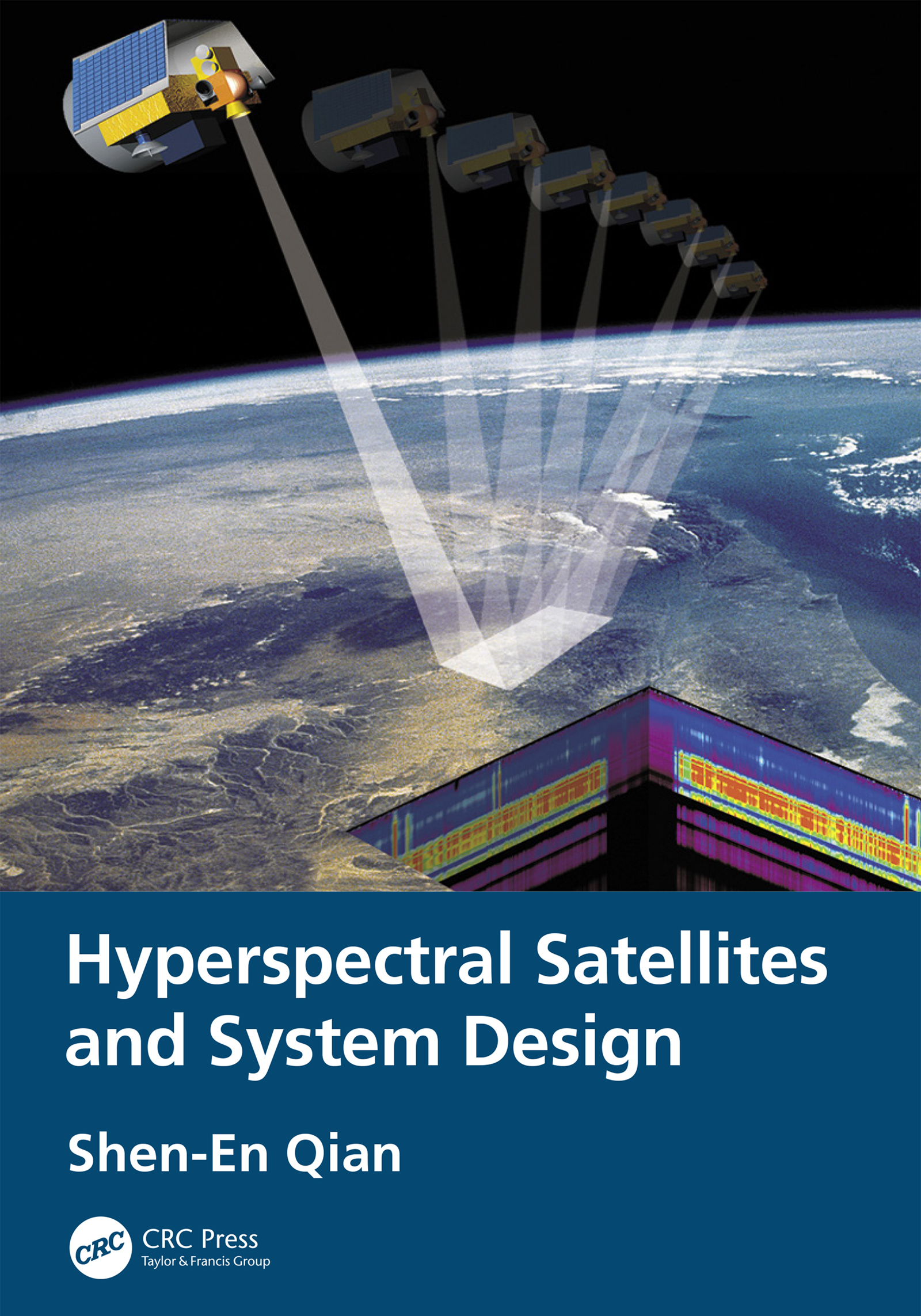
Hyperspectral Satellites and System Design Hyperspectral Satellites and System Design is the first book on this subject. It provides a systematic analysis and detailed design of the entire development process of hyperspectral satellites. Derived from the author’s 25-year firsthand experience as a technical lead of space missions at the Canadian Space Agency, the book offers engineers, scientists, and decision-makers detailed knowledge and guidelines on hyperspectral satellite system design, trade-offs, performance modeling and simulation, optimization from component to system level, subsystem design, and implementation strategies. This information will help reduce the risk, shorten the development period, and lower the cost of hyperspectral satellite missions. This book is a must-have reference for professionals in developing hyperspectral satellites and data applications. It is also an excellent introductory book for early practitioners and students who want to learn more about hyperspectral satellites and their applications. TECHNOLOGY & ENGINEERING,Civil,General
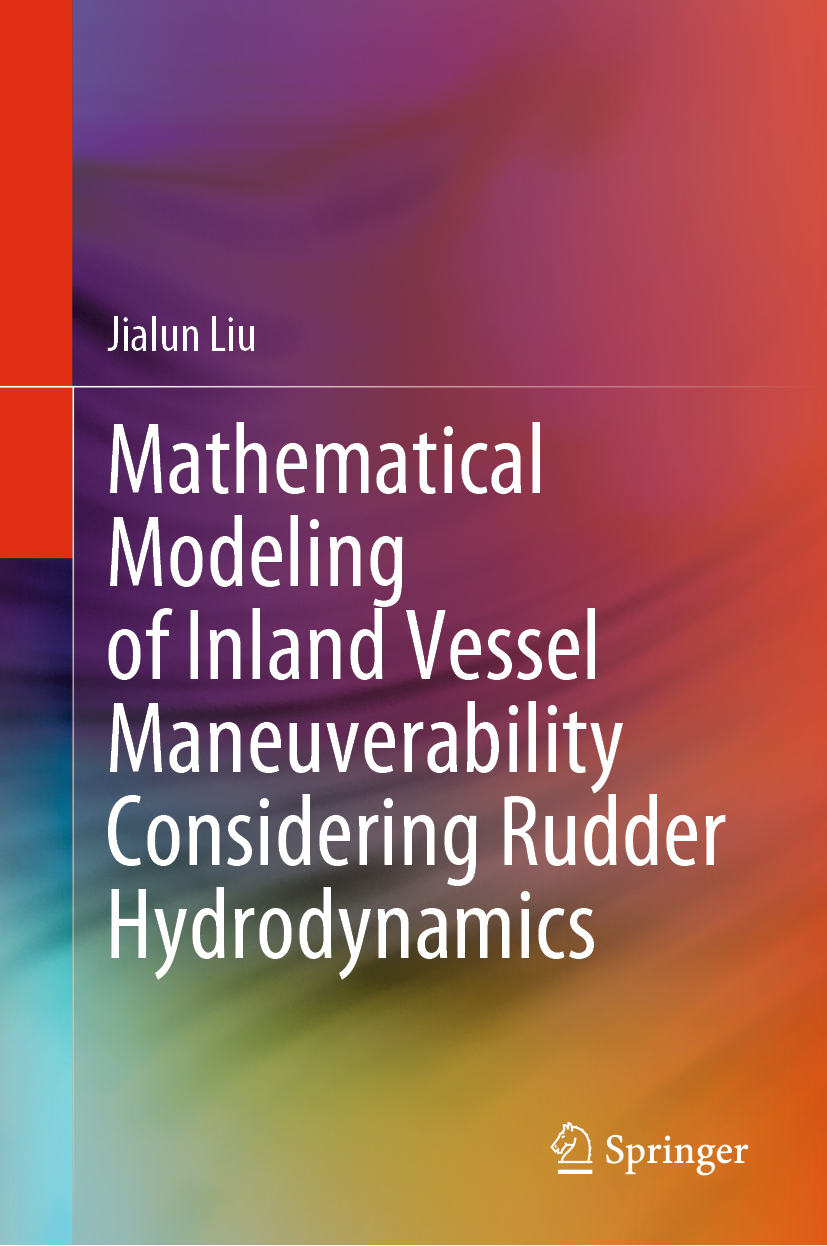
Mathematical Modeling of Inland Vessel Maneuverability Considering Rudder Hydrodynamics This book demonstrates that different rudder configurations have different hydrodynamic characteristics, which are influenced by the profile, the parameters, and the specific configuration. The author proposes new regression formulas to help naval architects quickly estimate the rudder-induced forces and moments in maneuvering. Furthermore, the author proposes and validates an integrated maneuvering model for both seagoing ships and inland vessels. Using the proposed regression formulas and maneuvering model, the specific impacts of rudder configurations on inland vessel maneuverability are studied. In turn, the book demonstrates the application of Reynolds-Averaged Navier–Stokes (RANS) simulations to obtain rudder hydrodynamic characteristics, and the integration of the RANS results into maneuvering models as an accurate estimation of rudder forces and moments needed to quantify the impacts of rudder configurations on ships’ maneuvering performance. In addition, the author proposes new criteria for the prediction and evaluation of inland vessel maneuverability. Simulations of ships with various rudder configurations are presented, in order to analyze the impacts of rudder configurations on ship maneuverability in different classic and proposed test maneuvers. Offering essential guidance on the effects of rudders for inland vessel maneuverability, and helping practical engineers make informed design choices, the book is of interest to researchers and academics in the field of naval engineering, as well as students of naval architecture. Industrial practitioners working on ship design may also find it beneficial. TECHNOLOGY & ENGINEERING,Civil,General
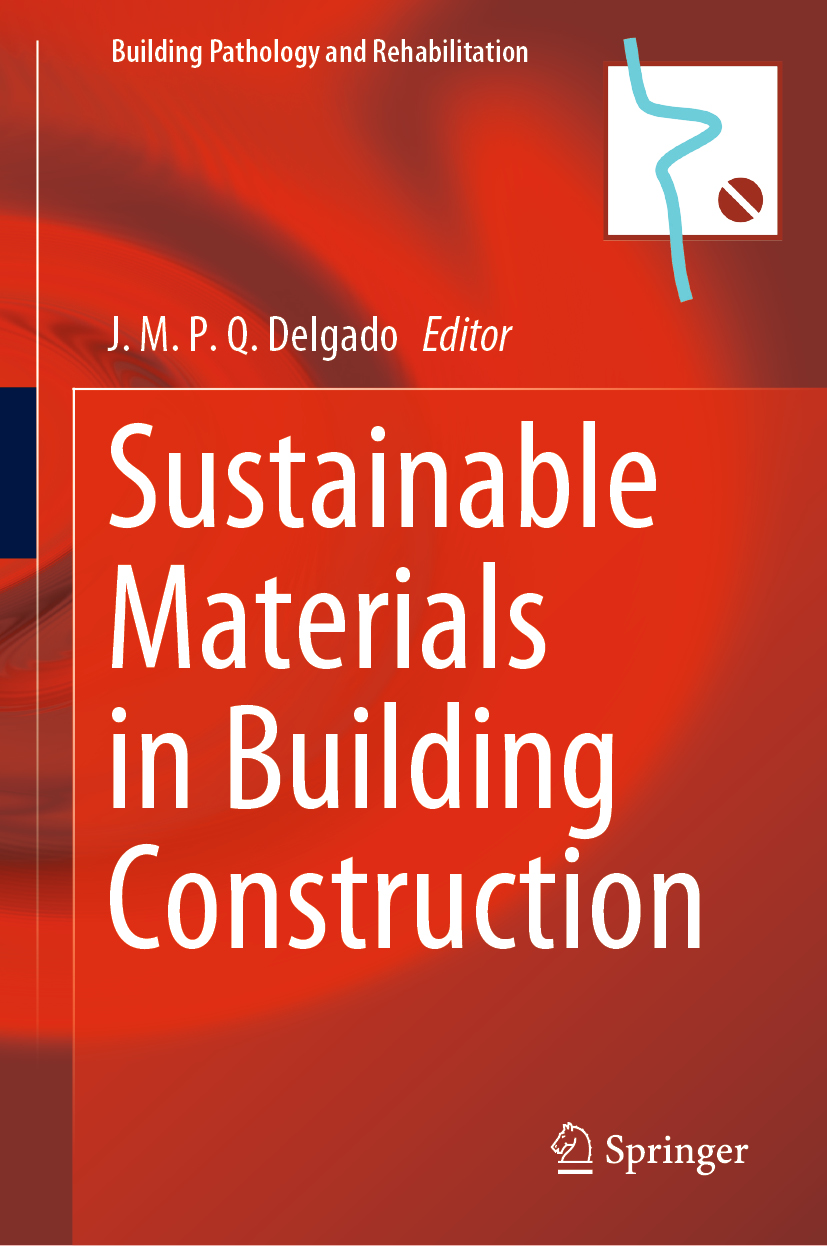
Sustainable Materials in Building Construction This book presents a selection of recent research works that provide best practice solutions, case studies and practical advice on the implementation of sustainable construction techniques. The topics covered include innovations in building sustainability assessment, sustainable construction and materials, service-life prediction, construction 4.0, digitalization of the construction process, and circular economy. Reviewing the current state of knowledge, the book will benefit scientists, students, practitioners, lecturers and other interested parties in a range of scientific and engineering disciplines, e.g. civil, materials and mechanical engineering. TECHNOLOGY & ENGINEERING,Civil,General
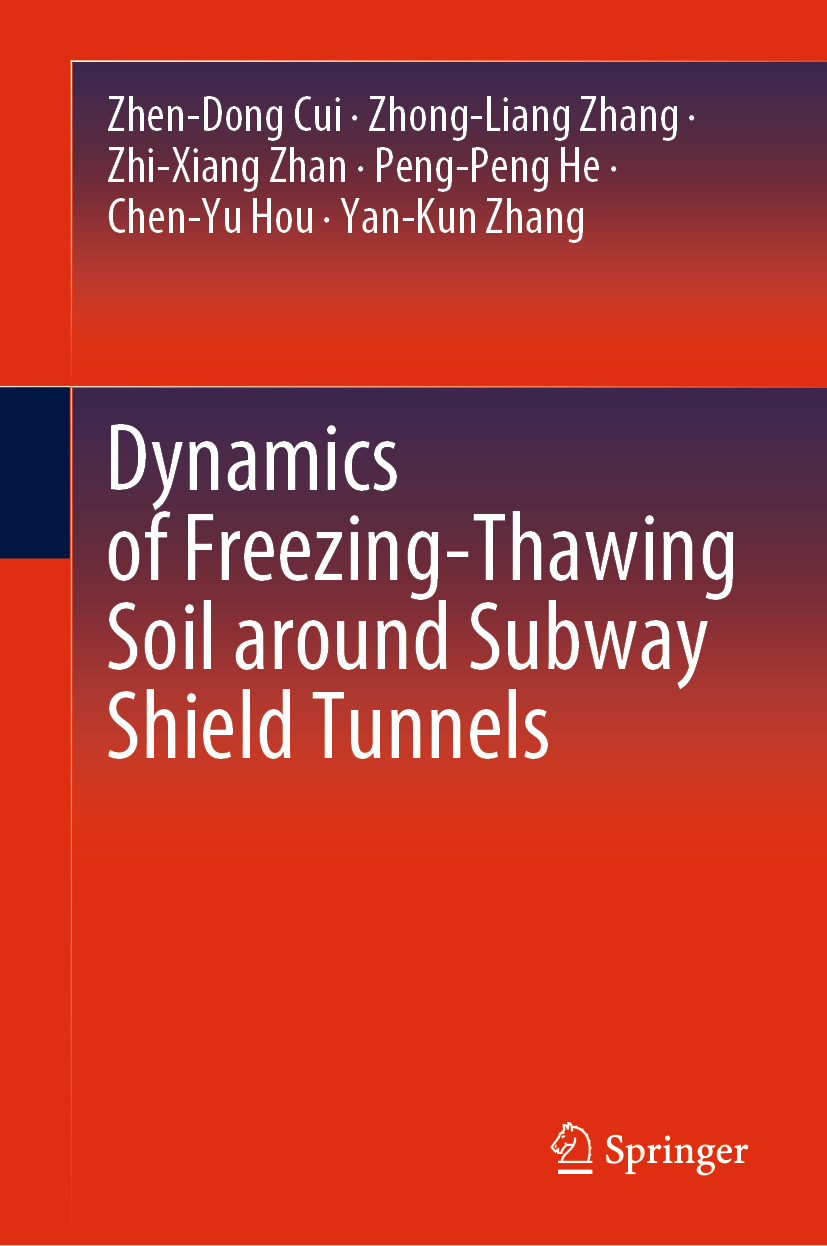
Dynamics of Freezing-Thawing Soil around Subway Shield Tunnels This book addresses development laws for axial strain and excess pore water pressure in silty clay around subway shield tunnels before and after freezing-thawing when subjected to subway loading, as well as the effect of freezing-thawing on the dynamic parameters of silty clay, including the dynamic modulus and damping ratio, introducing readers to the design and construction of bypasses in subway tunnels with the artificial freezing method. On this basis, it then studies the microstructures of silty clay before and after freezing-thawing cyclic loading by means of scanning electron microscope tests and mercury intrusion porosimetry tests. Lastly, the book presents a numerical simulation of the dynamics of silty clay around subway tunnels before and after thawing. Given its scope, it offers a valuable reference guide for construction researchers and designers alike, as well as senior undergraduate and graduate students at colleges and universities. TECHNOLOGY & ENGINEERING,Civil,General
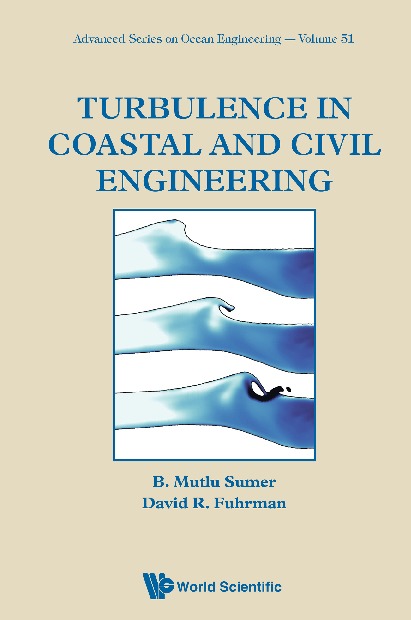
Turbulence In Coastal And Civil Engineering This book discusses the subject of turbulence encountered in coastal and civil engineering.The primary aim of the book is to describe turbulence processes including transition to turbulence; mean and fluctuating flows in channels/pipes, and in currents; wave boundary layers (including boundary layers under solitary waves); streaming processes in wave boundary layers; turbulence processes in breaking waves including breaking solitary waves; turbulence processes such as bursting process and their implications for sediment transport; flow resistance in steady and wave boundary layers; and turbulent diffusion and dispersion processes in the coastal and river environment, including sediment transport due to diffusion/dispersion.Both phenomenological and statistical theories are described in great detail. Turbulence modelling is also described, and several examples for modelling of turbulence in steady flow and wave boundary layers are presented.The book ends with a chapter containing hands-on exercises on a wide variety of turbulent flows including experimental study of turbulence in an open-channel flow, using Laser Doppler Anemometry; Statistical, correlation and spectral analysis of turbulent air jet flow; Turbulence modelling of wave boundary layer flows; and numerical modelling of dispersion in a turbulent boundary layer, a set of exercises used by the authors in their Masters classes over many years.Although the book is essentially intended for professionals and researchers in the area of Coastal and Civil Engineering, and as a text book for graduate/post graduate students, the contents of the book will, however, additionally provide sufficient background in the study of turbulent flows relevant to many other disciplines, such as Wind Engineering, Mechanical Engineering, and Environmental Engineering. TECHNOLOGY & ENGINEERING,Civil,General

Textiles, Identity and Innovation D_Tex is proposed as a hub around which it is possible to look at textiles in their different forms, in order to better understand, study, adapt and project them for the future. It is intended to build a flow of ideas and concepts so that participants can arrive at new ideas and concepts and work them in their own way, adapting them to their objectives and research. D_Tex is intended as a space for sharing and building knowledge around textile material in order to propose new understandings and explorations. Present in all areas of knowledge, the textile material bets on renewed social readings and its evolutions to constantly reinvent itself and enable innovative cultural and aesthetic dimensions and unexpected applications to solve questions and promote new knowledge. D_Tex proposes to promote discussion and knowledge in the different areas where textiles, with all their characteristics, can ensure an important contribution, combining material and immaterial knowledge, innovative and traditional techniques, technological and innovative materials and methods, but also new organization and service models, different concepts and views on teaching. With the renewed idea of the intrinsic interdisciplinarity of design and sharing with different areas that support each other, the research and practice of textiles was proposed by the D_TEX Textile Design Conference 2019, held June 19-21, 2019 at the Lisbon School of Architecture of the University of Lisbon, Portugal under the theme "In Touch" where, as broadly understood as possible, different areas of textiles were regarded as needing to keep in touch with each other and end users in order to promote and share the best they can offer for the welfare of their users and consumers. TECHNOLOGY & ENGINEERING,Civil,General
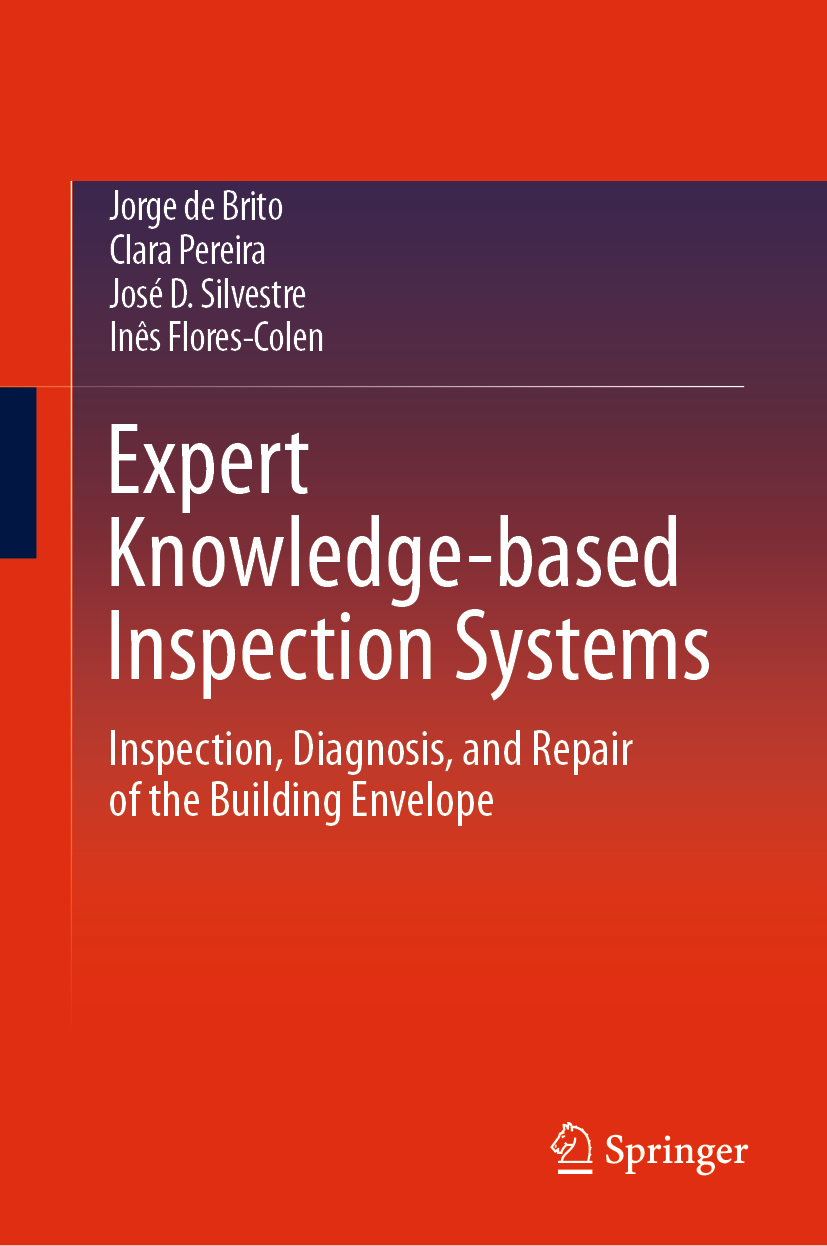
Expert Knowledge-based Inspection Systems This book provides a novel approach to building pathology in current buildings. Drawing on the available literature, hands-on experience and fieldwork inspections, it presents a systematic perspective on the pathology of the building envelope. The book addresses natural stone claddings, adhesive ceramic tiling, renders, painted surfaces, External Thermal Insulation Composite Systems (ETICS), architectural concrete surfaces, windows and doors framing, and claddings for pitched and flat roofs. In addition to highlighting selected materials and construction elements, the book proposes a global classification system for defects and their probable causes, together with in situ diagnosis methods and repair techniques. It also identifies the relationships between defects and causes, diagnosis methods and repair techniques, and the interdependence between different defects, presenting these relations in the form of correlation matrices. Support files with detailed information and an inspection form are also provided. Selected case studies are presented to illustrate the value of a guidance system in fieldwork. Given its scope, the book offers a valuable guide, particularly for researchers, building inspectors, civil engineers, architects and maintenance planners. TECHNOLOGY & ENGINEERING,Civil,General
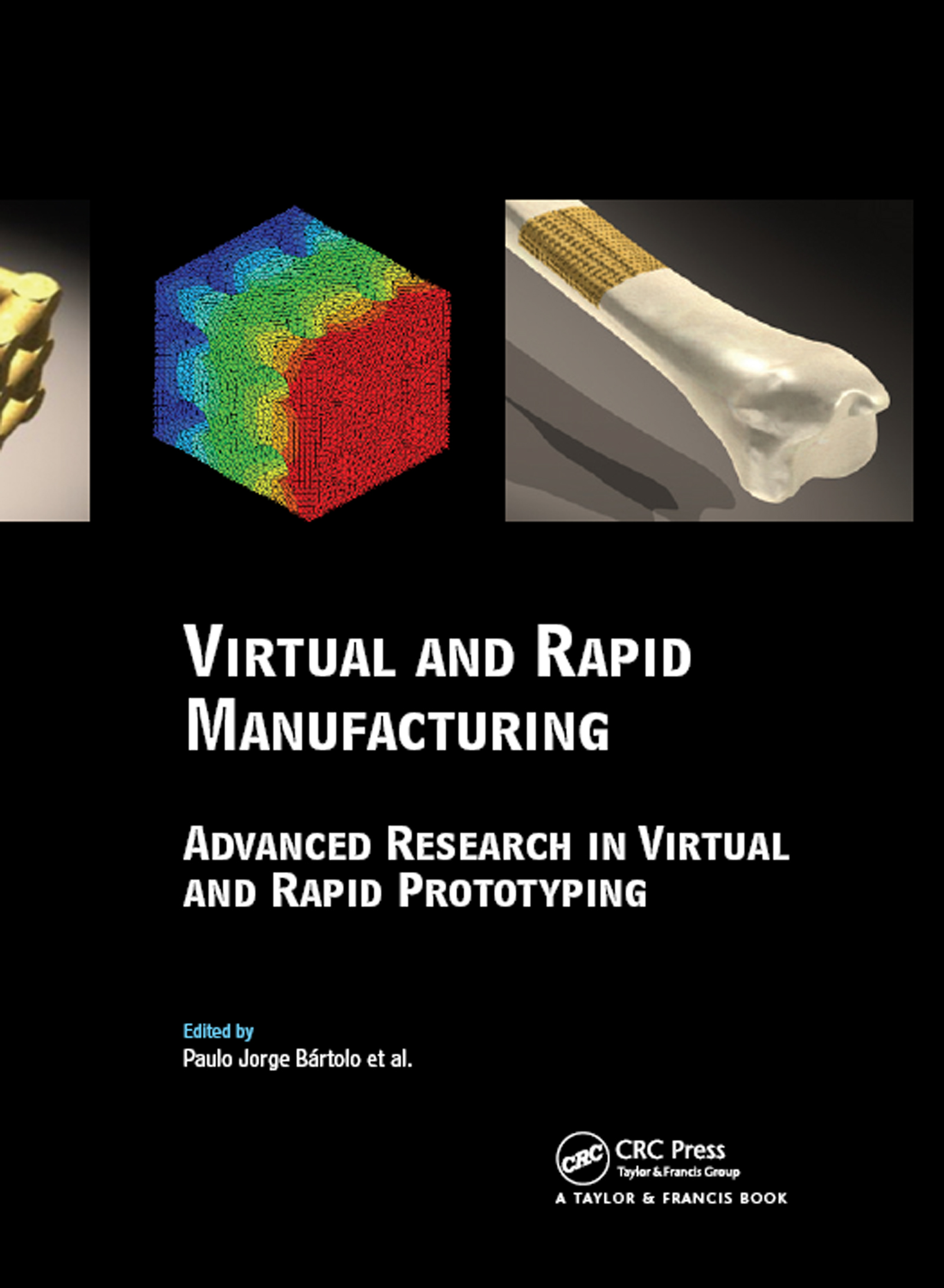
Virtual and Rapid Manufacturing Collection of 120 peer-reviewed papers that were presented at the 3rd International Conference on Advanced Research in Virtual and Rapid Prototyping, held in Leiria, Portugal in September 2007. Essential reading for all those working on V&RP, focused on inducing increased collaboration between industry and academia. In addition to key TECHNOLOGY & ENGINEERING,Civil,General
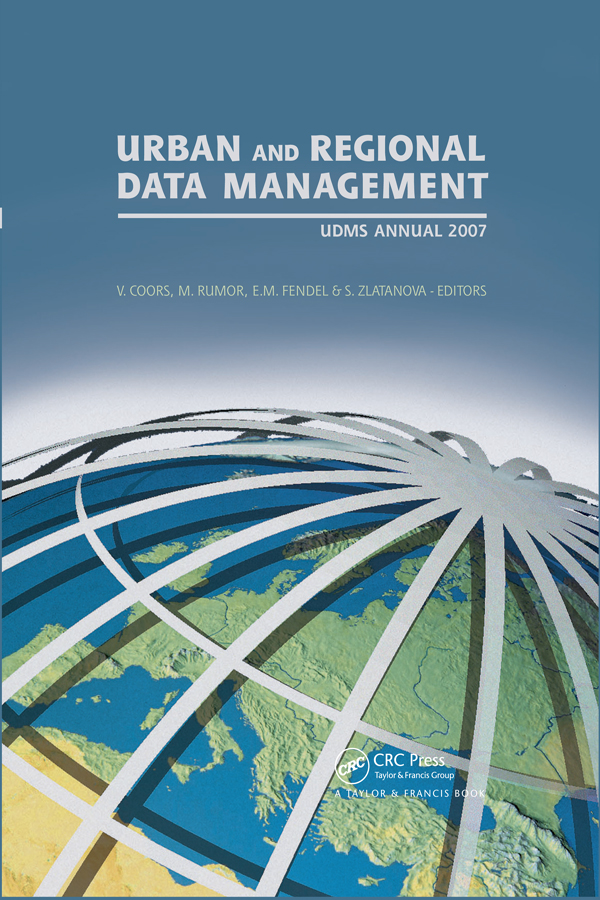
Urban and Regional Data Management Spatial technologies like GIS, CAD, and spatial DBMS have proved their applicability and usability in almost every sector of urban development. Urban Planning Systems, Public Participation Systems, and others have been continuously developed and improved contributing to better decision making, communicating ideas between different actors as well as TECHNOLOGY & ENGINEERING,Civil,General
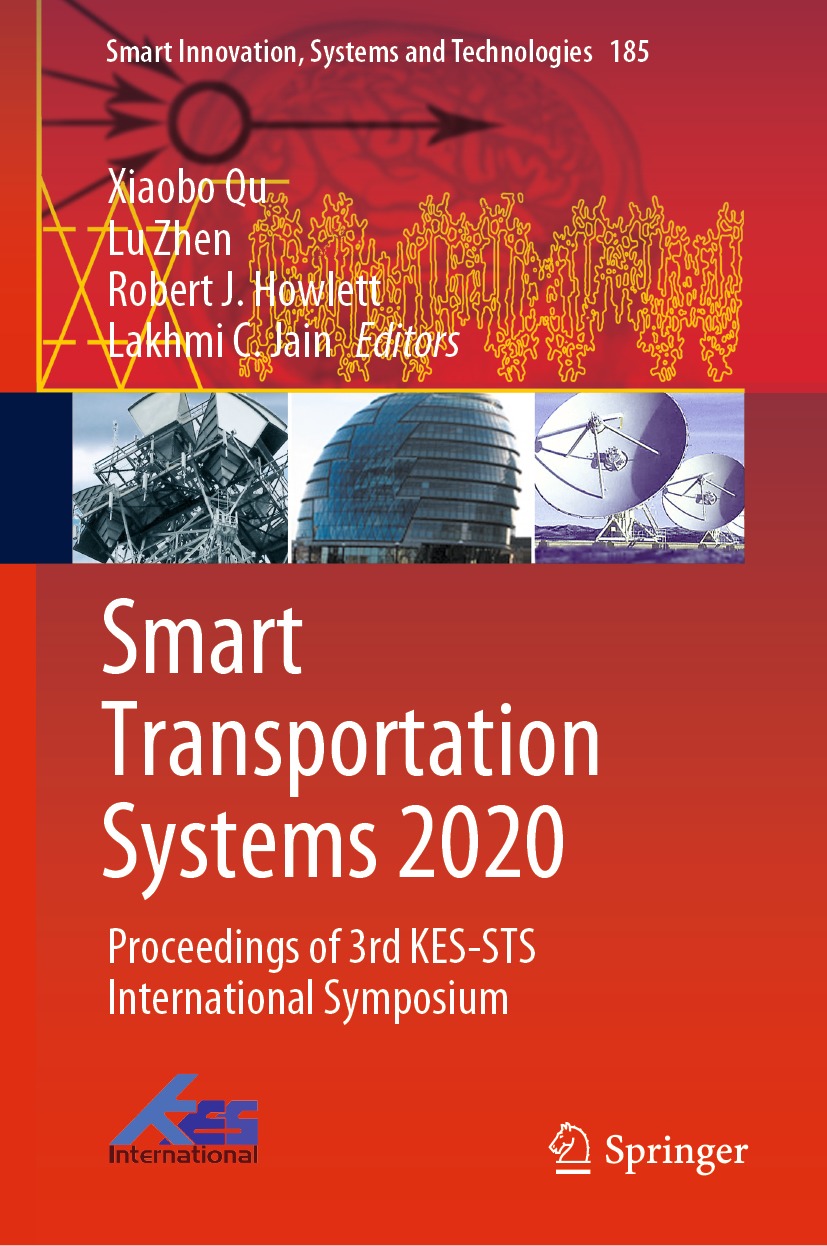
Smart Transportation Systems 2020 This book gathers selected papers presented at the KES International Symposium on Smart Transportation Systems (KES STS 2020). Modern transportation systems have undergone a rapid transformation in recent years, producing a range of technological innovations such as connected vehicles, self-driving cars, electric vehicles, Hyperloop, and even flying cars, and with them, fundamental changes in transport systems around the world. The book discusses current challenges, innovations, and breakthroughs in smart transportation systems, as well as transport infrastructure modeling, safety analysis, freeway operations, intersection analysis, and other related cutting-edge topics. TECHNOLOGY & ENGINEERING,Civil,General
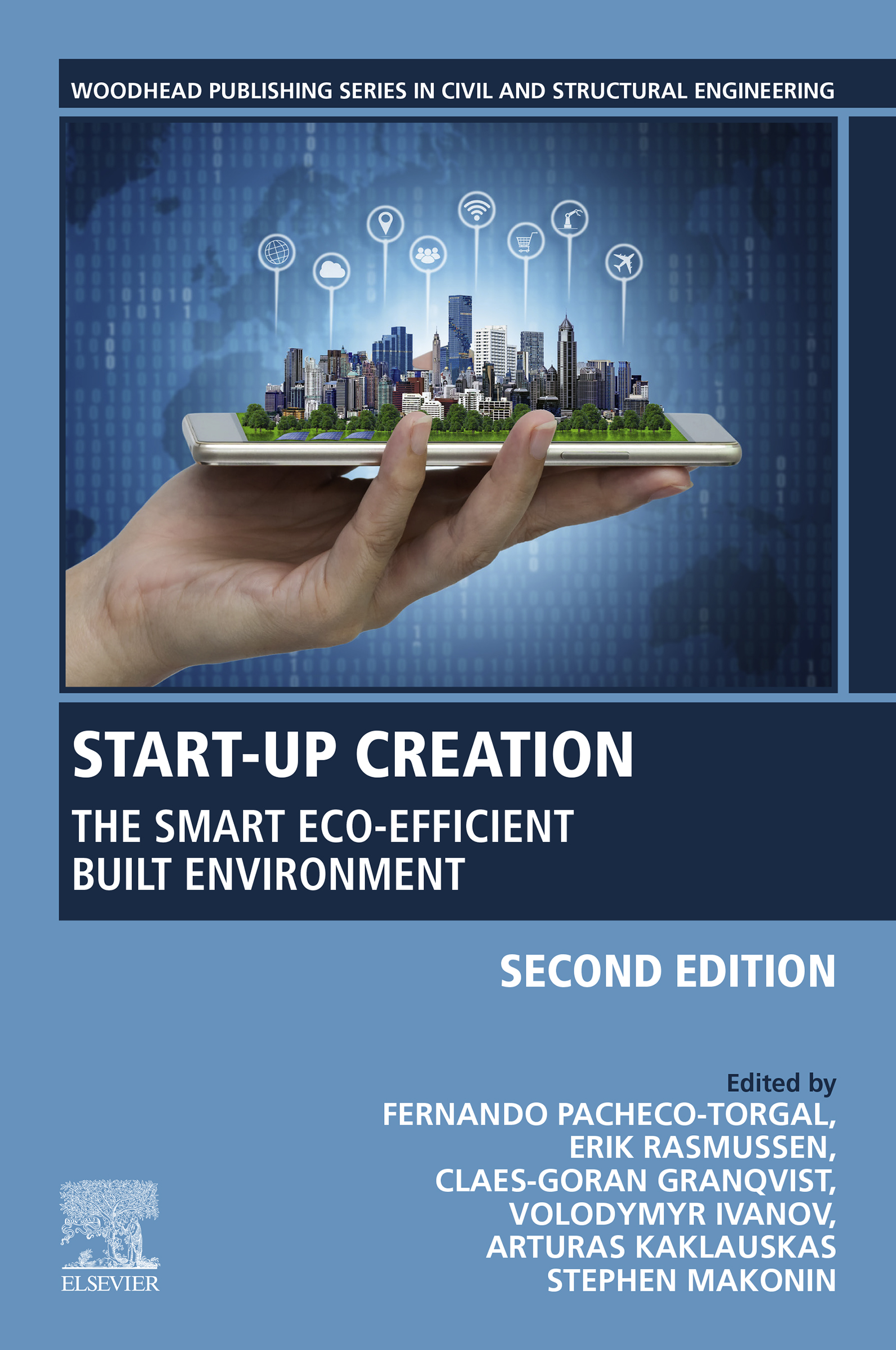
Start-Up Creation Start-up creation is the most distinctive feature of the entrepreneurial knowledge-based economy. It is also essential for economic growth and especially important in the current context of young graduate’s high unemployment rates that are expected to increase in the next few decades. There are other books on the creation of start-up companies, designed to be of value to academics wishing to exploit the commercial value of a new technology or business solution, but none of these existing titles focus on start-up creation in the construction industry. In the second edition of this extremely successful title the editors present a state-of-the-art review on advanced technologies, and their application in several areas of the built environment covering energy efficiency, structural performance, air and water quality to inspire the creation of start-up companies from university research. Part One begins with the key factors behind successful start-up companies from university research, including the development of a business plan, start-up financing, and the importance of intellectual property. Part Two focuses on the use of Big Data, Intelligent decision support systems, the Internet of Things and their use in the energy efficiency of the built environment. Finally, Part three is an entire new section that focuses on several smartphone applications for the smart built environment. While in the first edition the section concerning apps for smart buildings had just two chapters, one for app programming basics and a second a case study on building security in this second edition the core of the book is about app development that constitutes 50% of the book. Entire new section that was not available in the first edition on smart-phone applications and virtual assistance for infrastructure monitoring Chapters on business plans, start-up financing and intellectual property have been brought fully up to date as well as algorithms, big data and the Internet of Things for eco-efficient smart buildings Comprehensive guide to start-ups that arise from college and university research and how the application of advanced technology can be applied to the built environment TECHNOLOGY & ENGINEERING,Civil,General
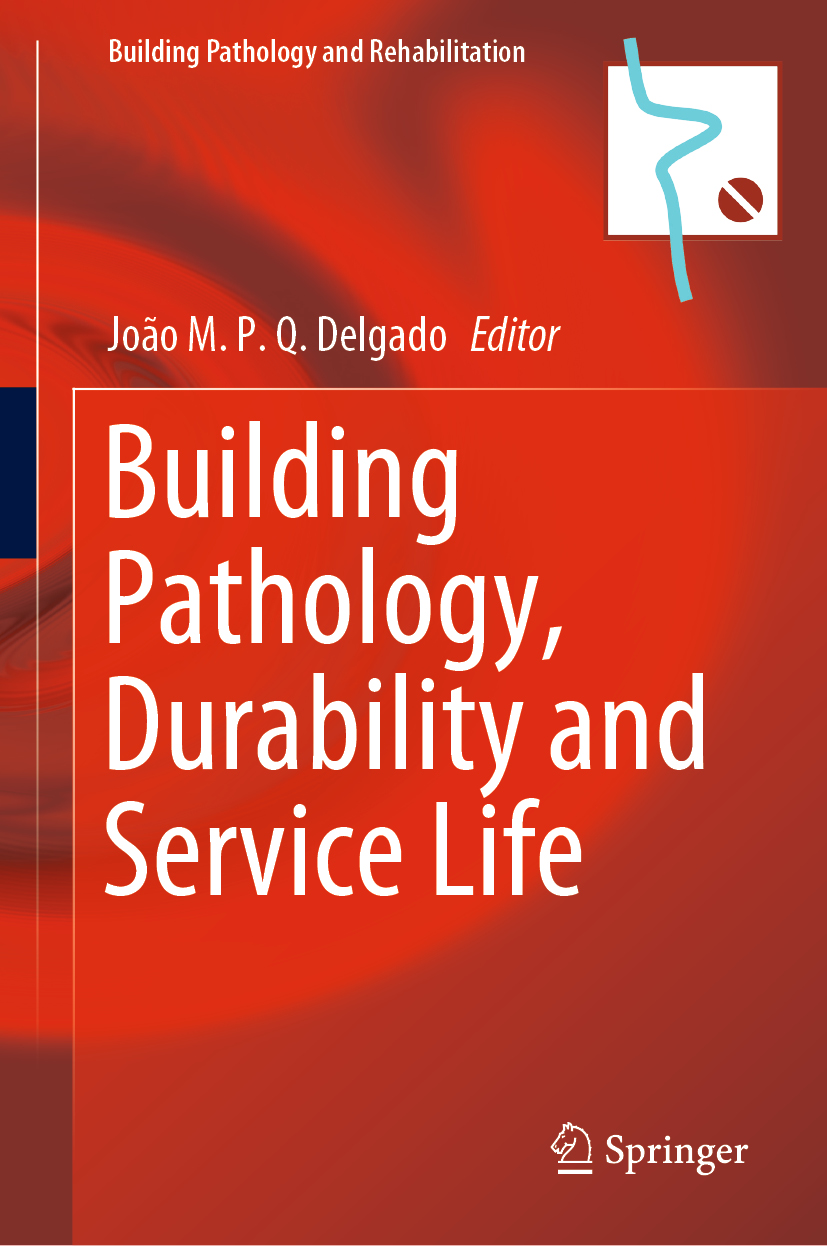
Building Pathology, Durability and Service Life This book provides a collection of recent research works, helping contribute to the systematization and dissemination of the latest findings on building pathologies (structural and hygrothermal), salt attack and corrosion, durability and service-life prediction. It reflects a number of recent advances concerning the above-mentioned topics, particularly in concrete structures. Intended as an overview of the current state of knowledge, the book will benefit scientists, students, practitioners, lecturers and other interested parties. At the same time, the topics covered are relevant to a variety of scientific and engineering disciplines, including civil, materials and mechanical engineering. TECHNOLOGY & ENGINEERING,Civil,General
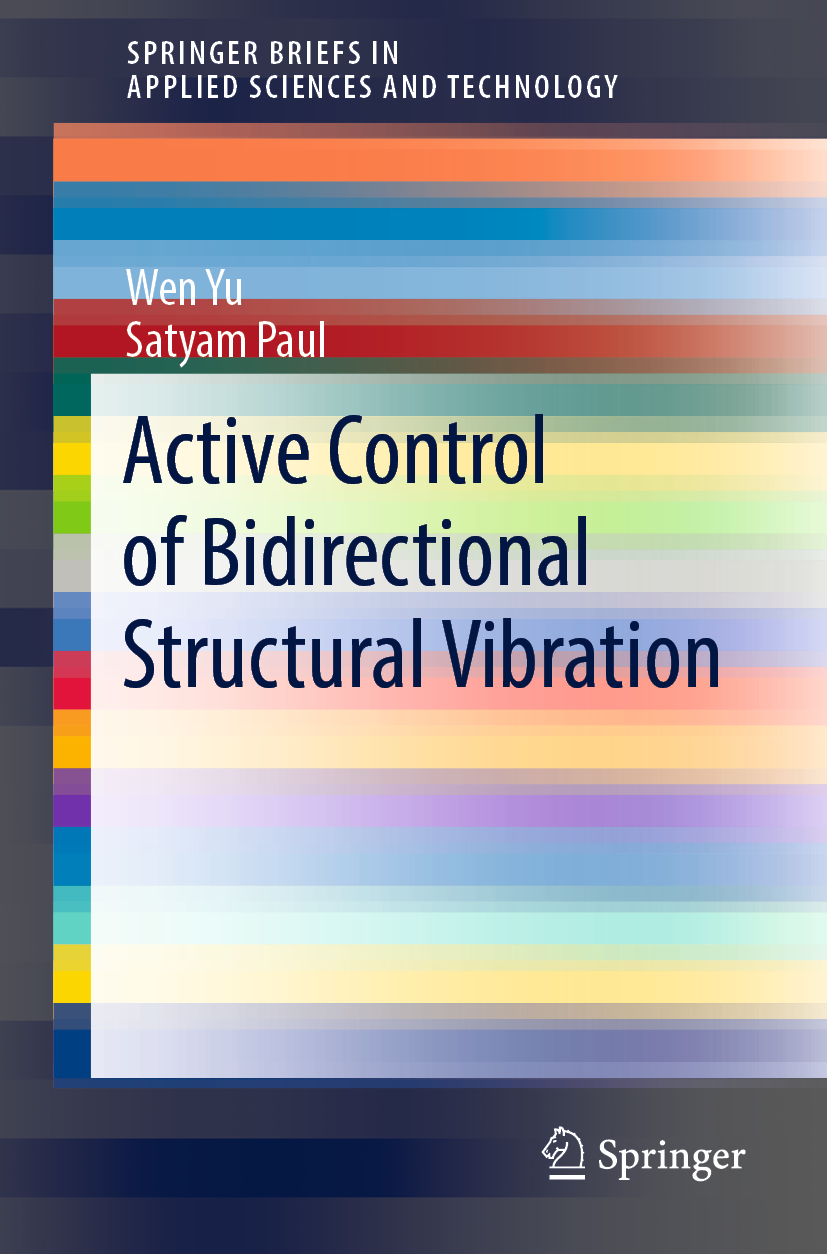
Active Control of Bidirectional Structural Vibration This book focuses on safeguarding civil structures and residents from natural hazards such as earthquakes through the use of active control. It proposes novel proportional-derivative (PD) and proportional-integral-derivative (PID) controllers, as well as discrete-time sliding mode controllers (DSMCs) for the vibration control of structures involving nonlinearities. Fuzzy logic techniques are used to compensate for nonlinearities. The first part of the book addresses modelling and feedback control in inelastic structures and presents a design for PD/PID controllers. In the second part, classical PD/PID and type-2 fuzzy control techniques are combined to compensate for uncertainties in the structures of buildings. The methodology for tuning the gains of PD/PID is obtained using Lyapunov stability theory, and the system’s stability is verified. Lastly, the book puts forward a DSMC design that does not require system parameters, allowing it to be more flexibly applied. All program codes used in the paper are presented in a MATLAB®/Simulink® environment. Given its scope, the book will be of interest to mechanical and civil engineers, and to advanced undergraduate and graduate engineering students in the areas of structural engineering, structural vibration, and advanced control. TECHNOLOGY & ENGINEERING,Civil,General
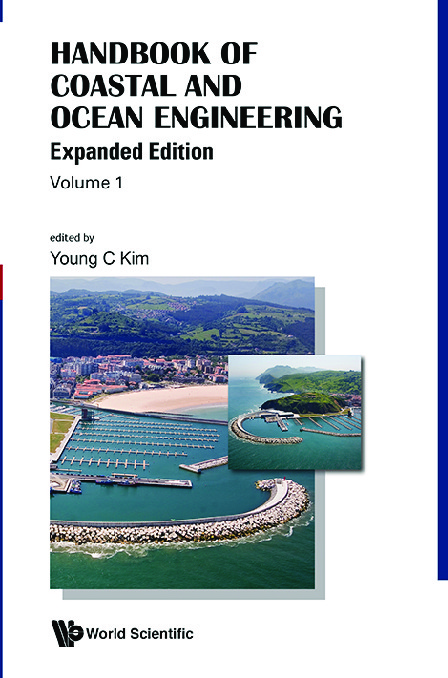
Handbook Of Coastal And Ocean Engineering (Expanded Edition) (In 2 Volumes) The handbook contains a comprehensive compilation of topics that are at the forefront of many of the technical advances in ocean waves, coastal, and ocean engineering. More than 110 internationally recognized authorities in the field of coastal and ocean engineering have contributed articles in their areas of expertise to this handbook. These international luminaries are from highly respected universities and renowned research and consulting organizations around the world. TECHNOLOGY & ENGINEERING,Civil,General
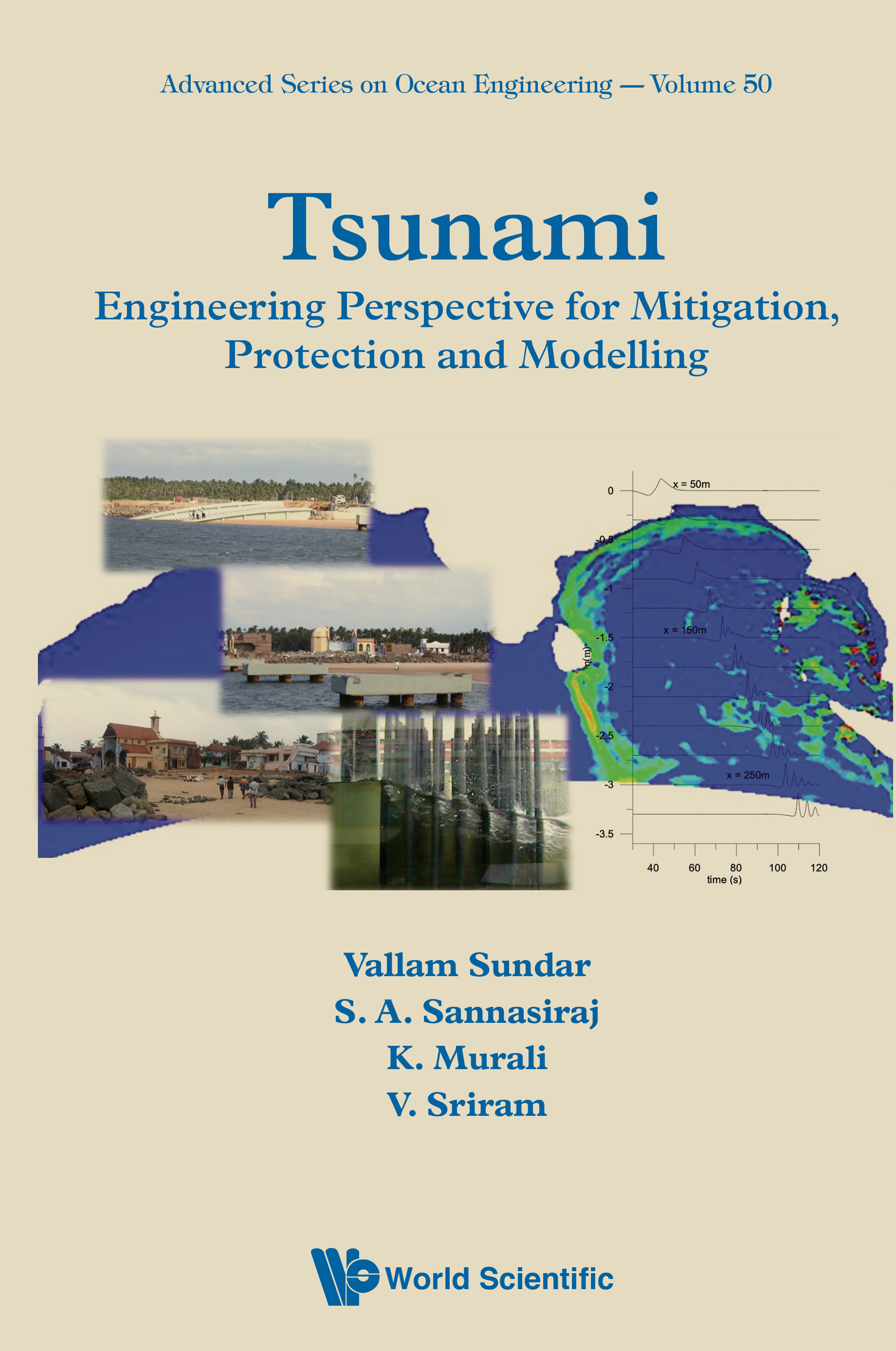
Tsunami The most pertinent tsunami related issues such as water borne debris during tsunami flooding, design loads to incorporate for impact forces on coastal zone infrastructure, detection and warning are meticulously incorporated in this book.Modelling of various coastal processes have proven to be successful in the recent past, which includes extreme events such as storm surge, cyclone, etc. The possible provisions for computational/numerical tsunami modelling and real physical modelling in laboratory are elaborated. The propagation, evolution and run-up of tsunami waves and their associated non-linear dynamics are discussed.The significant inferences from the experts who have had hands-on experience working with the extensive magnitude of a tsunami disaster reported on the signature studies and post-facto effects of the 2004 Indian Ocean Tsunami, with respect to the damages along the Indian coast. TECHNOLOGY & ENGINEERING,Civil,General
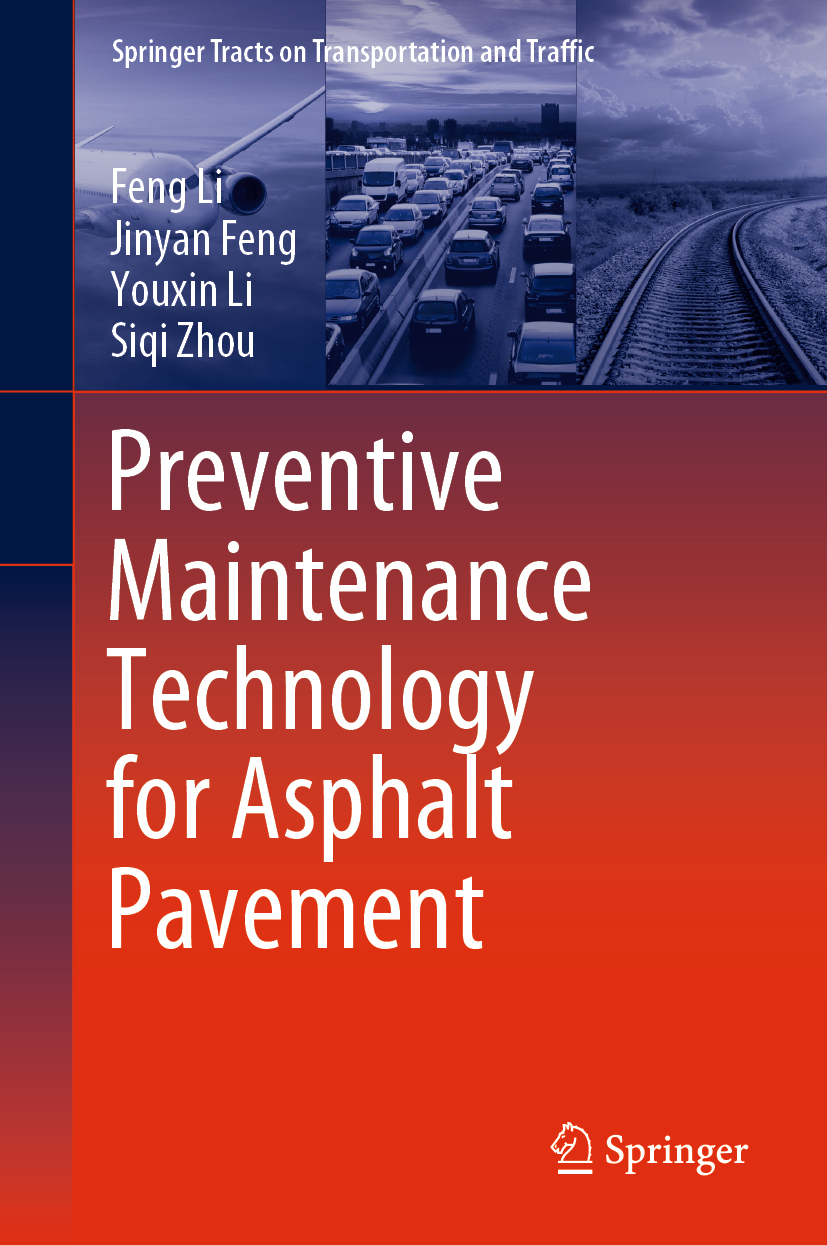
Preventive Maintenance Technology for Asphalt Pavement This book provides an overview of asphalt pavement maintenance, highlighting the key asphalt pavement maintenance technologies in China. It analyzes the trend toward preventive maintenance technologies and proposes technical guidelines and implementation rules for preventive maintenance. As such it is a valuable reference resource for technicians in related industries, both in China and abroad, as well as professionals involved in road infrastructure maintenance projects in countries participating in the Belt and Road Initiative. TECHNOLOGY & ENGINEERING,Civil,General

Oil Rig and Superbarge Floating Settlements This book presents a collection of proposed offshore and nearshore settlements in response to the emerging consequences of climate change. These settlements are counterpoints to megacities with unsustainable ecological footprints. The continuing depletion of natural resources has resulted in displaced communities, prompting the following research questions: What if we floated on sea instead of inefficiently consuming land? Could we use wave energy instead of nuclear energy? How can we replenish food supply and regenerate marine eco-diversity? How would our lives be shaped by new offshore settlements? What would we use as structures for shelter, farming, scaffolding and recreation? Floating cities emerged in the 1960s with Buckminster Fuller’s Triton City and Kenzo Tange’s Tokyo Bay Plan, and current manifestations include Vincent Callebaut’s Lilypad, the Seasteading Institute and the mile-long Freedom Ship housing 50,000 people. As an alternative to these examples, the book proposes the repurposing of three types of marine vessel: jack-up platforms, semi-submersibles and superbarges as sustainable, habitable structures to accommodate 20% of the projected 8.1 billion global population in 2025. The spatially conceived floating settlements include food and energy supplies for housing, recreation, education at sea, post-disaster health care and resettlement for nearshore deployment. TECHNOLOGY & ENGINEERING,Civil,General
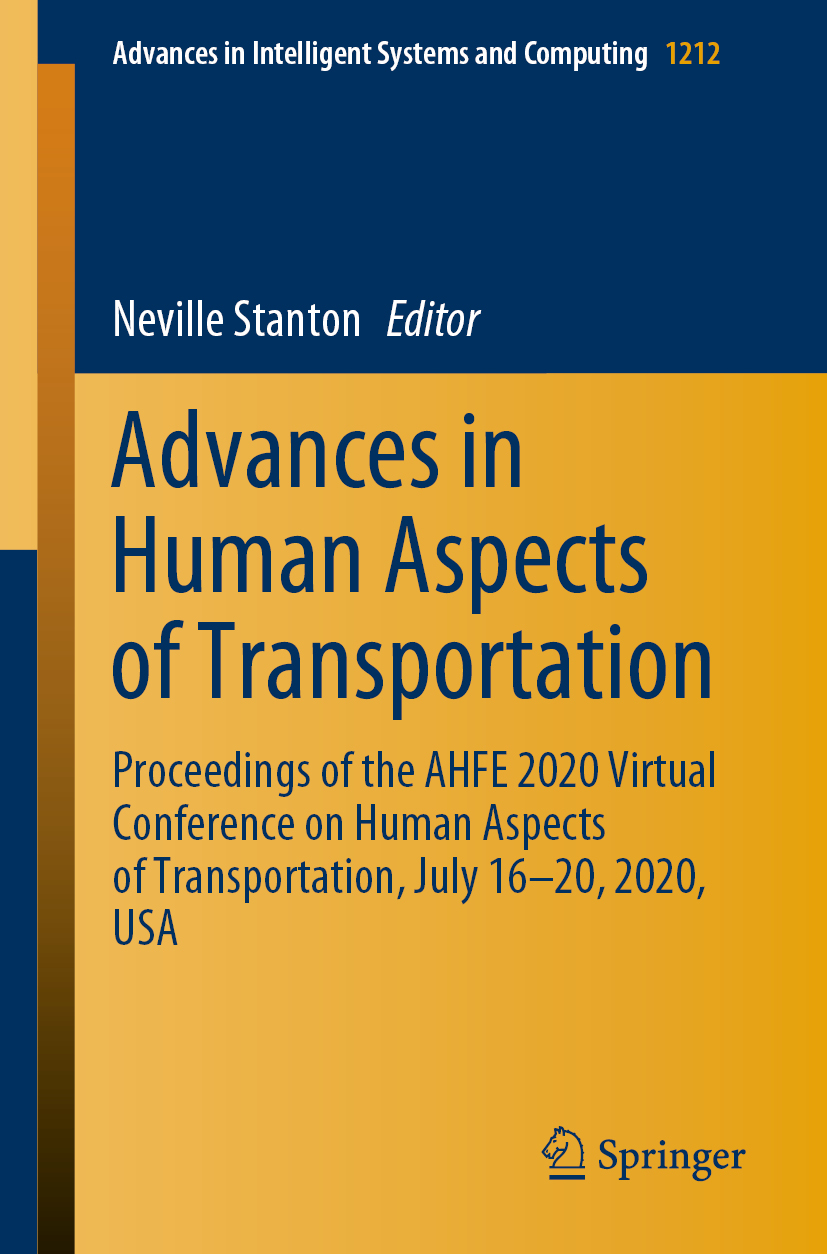
Advances in Human Aspects of Transportation This book discusses the latest advances in the research and development, design, operation, and analysis of transportation systems and their corresponding infrastructures. It presents both theories and case studies on road and rail, aviation, and maritime transportation. Further, it covers a wealth of topics, from accident analysis, intelligent vehicle control, and human-error and safety issues to next-generation transportation systems, model-based design methods, simulation and training techniques, and many more. Special emphasis is placed on smart technologies and automation in transport, as well as the user-centered, ergonomic, and sustainable design of transportation systems. The book, which is based on the AHFE 2020 Virtual Conference on Human Aspects of Transportation, held on July 16–20, 2020, mainly addresses the needs of transportation system designers, industrial designers, human–computer interaction researchers, civil and control engineers, as well as vehicle system engineers. Moreover, it represents a timely source of information for transportation policy-makers and social scientists whose work involves traffic safety, management, and sustainability issues in transport. TECHNOLOGY & ENGINEERING,Civil,General
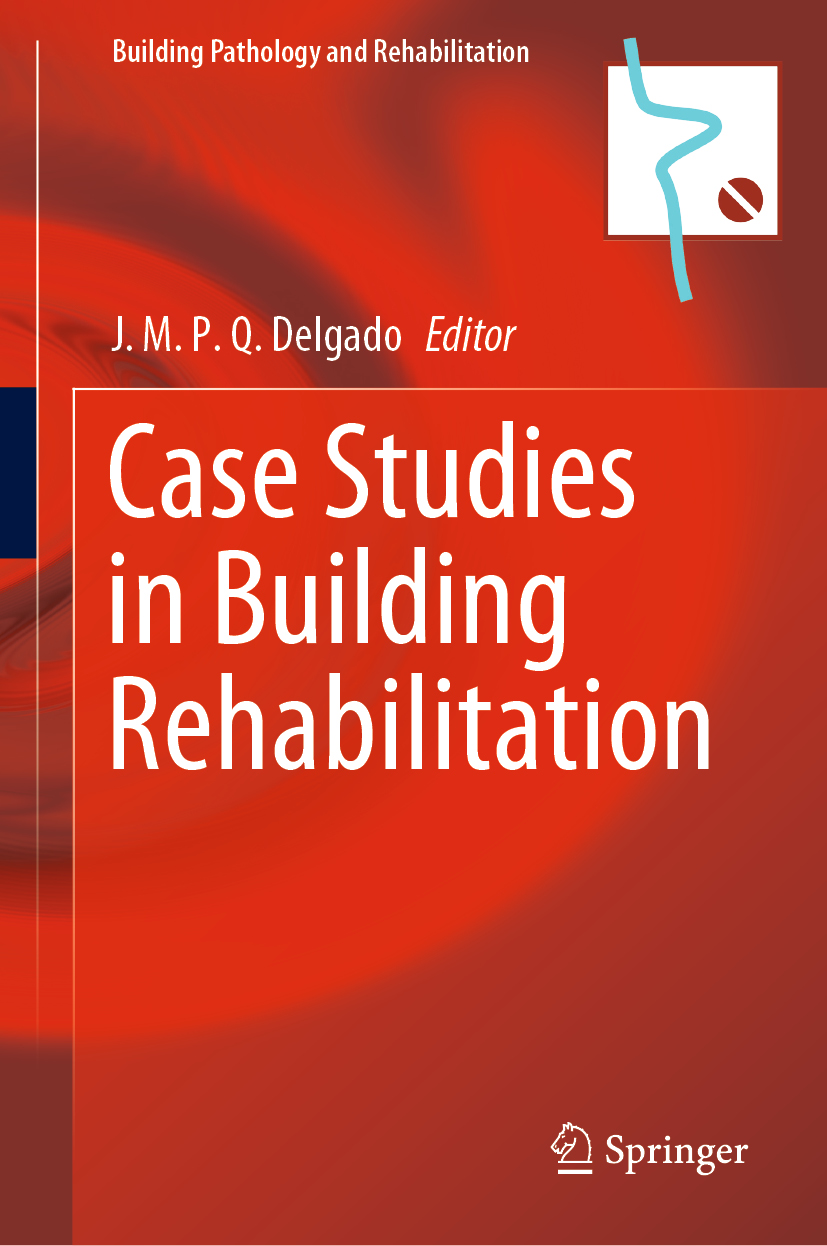
Case Studies in Building Rehabilitation The book presents recent research and practical insights relating to building pathology. As such it contributes toward the systematization and dissemination of knowledge regarding structural and hygrothermal pathologies, durability and diagnostic techniques, while at the same time, demonstrating the latest advances in this domain. It includes new developments in the field of building pathology and rehabilitation, bridging the gap between current approaches to the surveying of buildings and the detailed study of defect diagnosis, prognosis and remediation. It also features a number of case studies and a detailed list of references and suggestions for further reading. Providing an overview of the current state of the art in the field, the book will appeal to scientists, students, practitioners and lecturers. Furthermore, the topics covered are relevant to a variety of scientific and engineering disciplines, including civil, materials and mechanical engineering. TECHNOLOGY & ENGINEERING,Civil,General

The Finite Strip Method The increase in the popularity and the number of potential applications of the finite strip method has created a demand for a definitive text/reference on the subject. Fulfilling this demand, The Finite Strip Method provides practicing engineers, researchers, and students with a comprehensive introduction and theoretical development, and a complete treatment of current practical applications of the method. Written by experts who are arguably the world's leading authorities in the field, The Finite Strip Method covers both the classical strip and the newly developed spline strip and computed shape function strip. Applications in structural engineering, with particular focus on practical structures such as slab-beam bridges, box girder bridges, and tall buildings are discussed extensively. Applications in geotechnology are also covered, as are recently formulated applications in nonlinear analysis. The Finite Strip Method is a unique book, supplying much-needed information by well-known and highly regarded authors. TECHNOLOGY & ENGINEERING,Civil,General
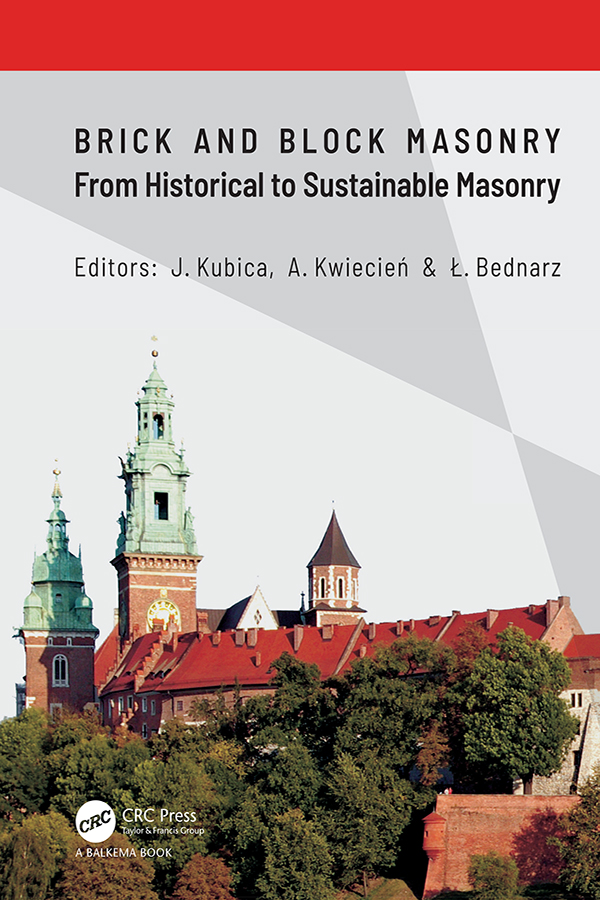
Brick and Block Masonry - From Historical to Sustainable Masonry Brick and Block Masonry - From Historical to Sustainable Masonry contains the keynote and semi-keynote lectures and all accepted regular papers presented online during the 17th International Brick and Block Masonry Conference IB2MaC (Kraków, Poland, July 5-8, 2020). Masonry is one of the oldest structures, with more than 6,000 years of history. However, it is still one of the most popular and traditional building materials, showing new and more attractive features and uses. Modern masonry, based on new and modified traditional materials and solutions, offers a higher quality of life, energy savings and more sustainable development. Hence, masonry became a more environmentally friendly building structure. Brick and Block Masonry - From Historical to Sustainable Masonry focuses on historical, current and new ideas related to masonry development, and will provide a very good platform for sharing knowledge and experiences, and for learning about new materials and technologies related to masonry structures. The book will be a valuable compendium of knowledge for researchers, representatives of industry and building management, for curators and conservators of monuments, and for students. TECHNOLOGY & ENGINEERING,Civil,General
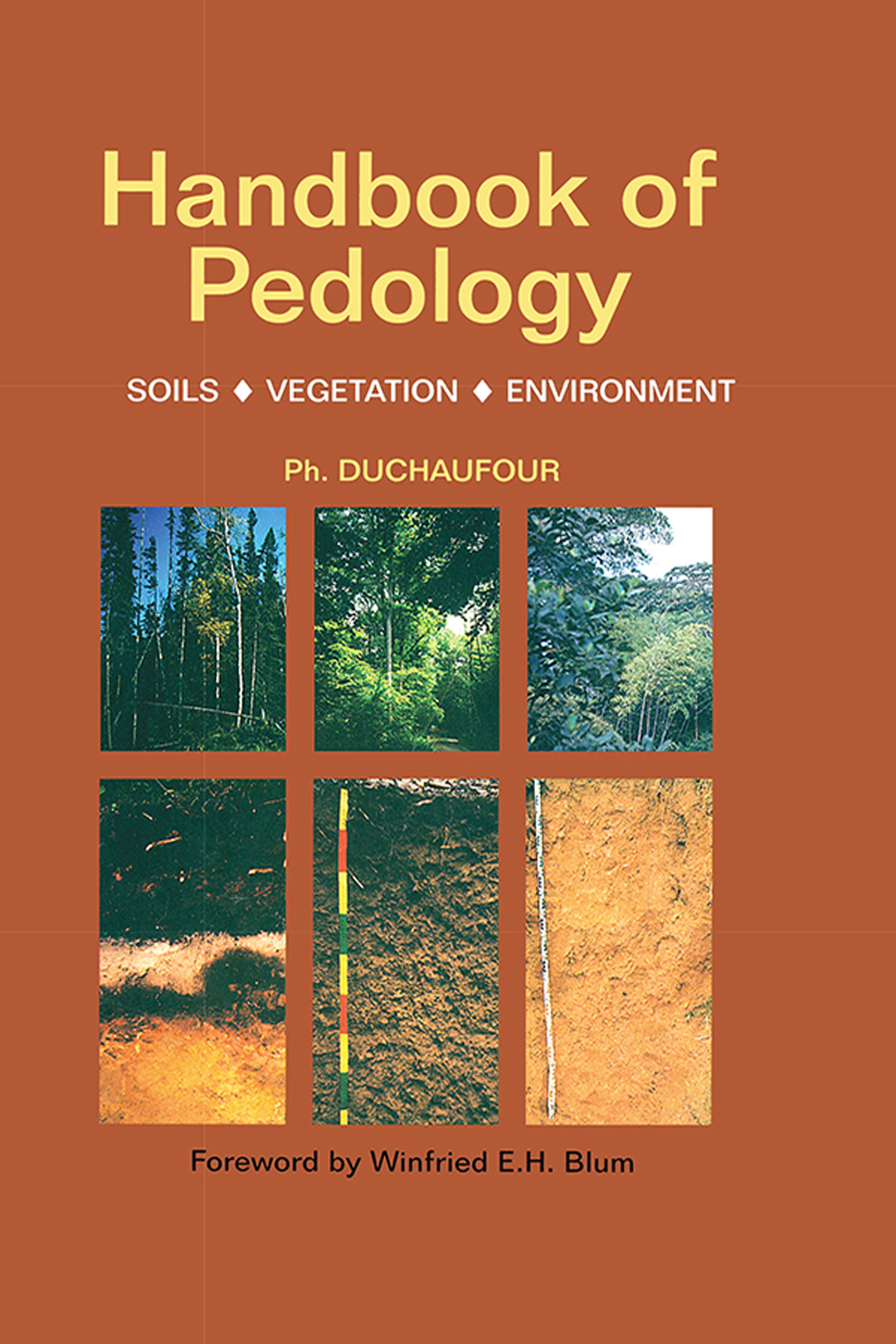
Handbook of Pedology Based on the new World Reference Base for Soil Resources, this text shows the reciprocity between the soil, its environment and vegetation. Updated with the most recent results in the area, it presents a wide spectrum of practical applications, in land improvement, plant growth and the environment. TECHNOLOGY & ENGINEERING,Civil,General
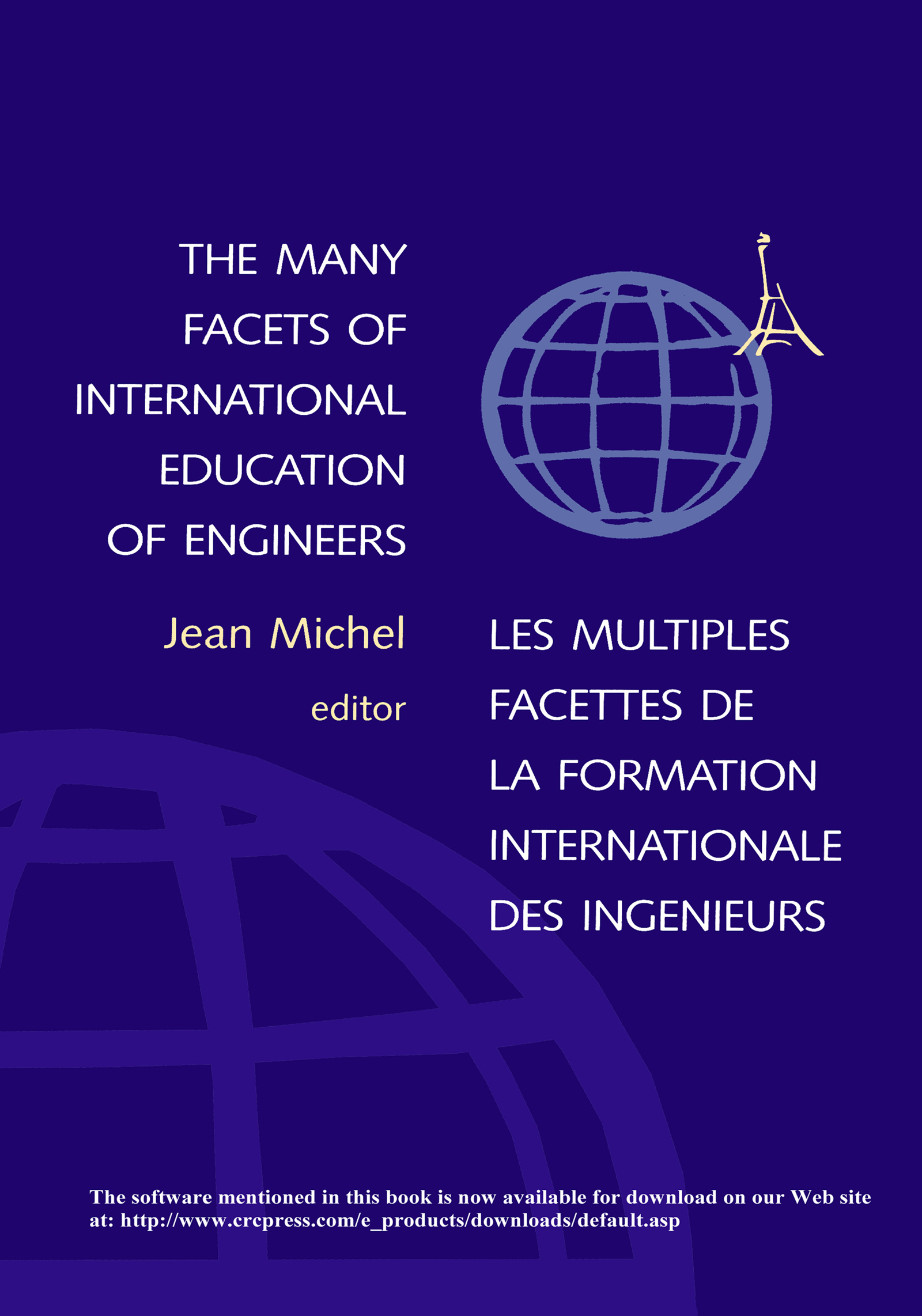
The Many Facets of International Education of Engineers This text covers the many aspects of engineering education, especially on an international level. Subjects covered include: industry and profession needs; culturally inclusive engineering; international dimensions; European engineering education; and new engineers in and for a global environment. TECHNOLOGY & ENGINEERING,Civil,General
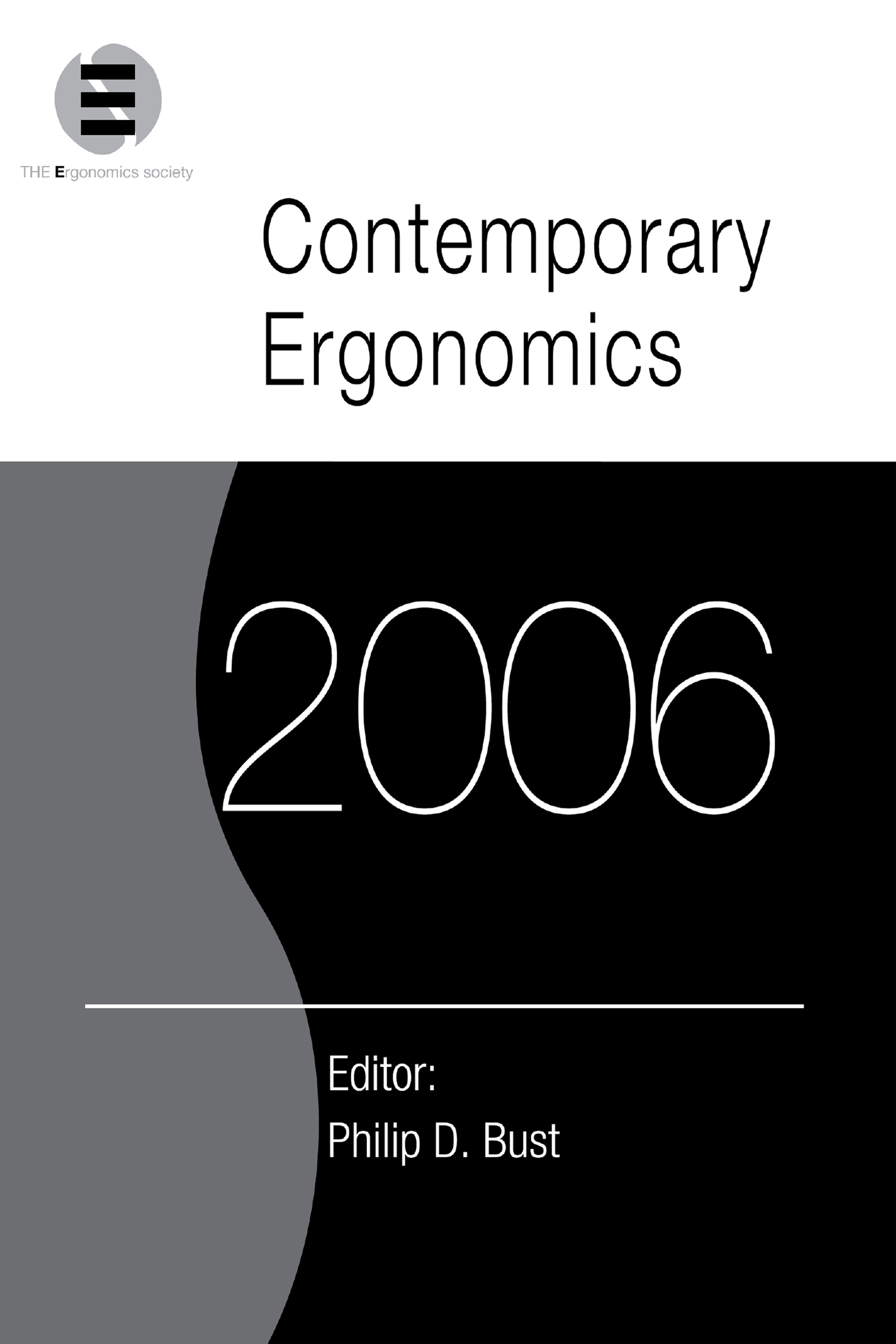
Contemporary Ergonomics 2006 Presenting the proceedings of the Ergonomics Society's annual conference, the series embraces the wide range of topics covered by ergonomics. Individual papers provide insight into current practice, present new research findings and form an invaluable reference source. A wide range of topics are covered in these proceedings, including Ergonomics, Human Factors and User-Centred Design. It also features related disciplines such as Psychology, Engineering and Physiology. Particular emphasis is given to the utility of these disciplines in improving health, safety, efficiency and productivity. The 2006 Annual Conference features four special sessions on:Usability of Homes; Human Computer Interaction; Human Factors in the Oil, Gas and Chemical Industries; and Control Room Design: Current and Future Challenges. As well as being of interest to mainstream ergonomists and human factors specialists, Contemporary Ergonomics will appeal to all those who are concerned with the interaction of people with their working and leisure environment � including designers, manufacturing and production engineers, health and safety specialists, occupational, applied and industrial psychologists and applied physiologists. TECHNOLOGY & ENGINEERING,Civil,General

Geotechnical Instrumentation and Monitoring in Open Pit and Underground Mining As mining operations increase in scale and mines go progressively deeper, the geotechnical input into mine design is of importance. This book covers topics in geotechnical instrumentation and monitoring, including coverage of groundwater, displacement and environmental monitoring. TECHNOLOGY & ENGINEERING,Civil,General
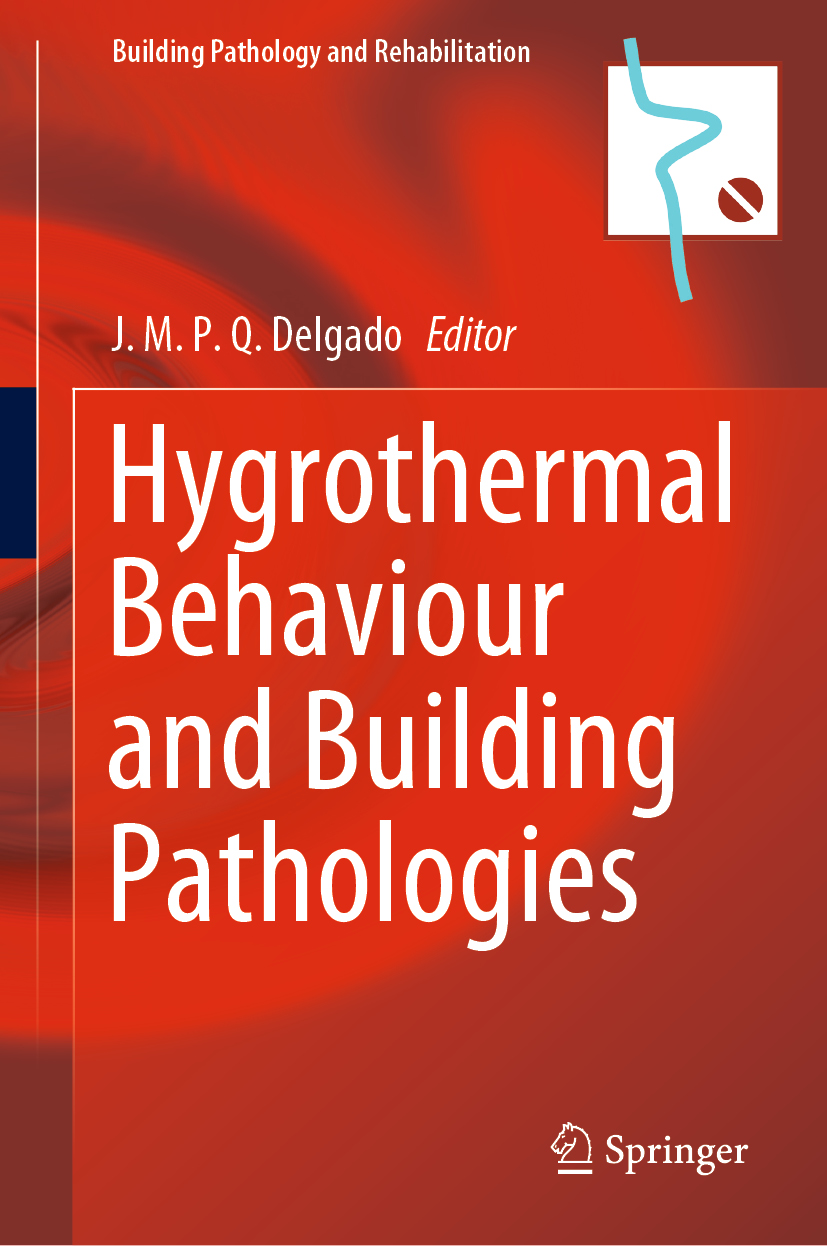
Hygrothermal Behaviour and Building Pathologies This book presents recent research in the area of construction pathology, hygrothermal behaviour of buildings, service life and diagnostic techniques, and highlights the latest developments in building physics, hygrothermal behaviour, durability and numerical models applied to building materials analysis. Discussing the state of the art in the field, and covering topics relevant to variety of engineering disciplines, such as civil, materials and mechanical engineering, it will appeal to scientists, students, practitioners, lecturers and other stakeholders. TECHNOLOGY & ENGINEERING,Civil,General
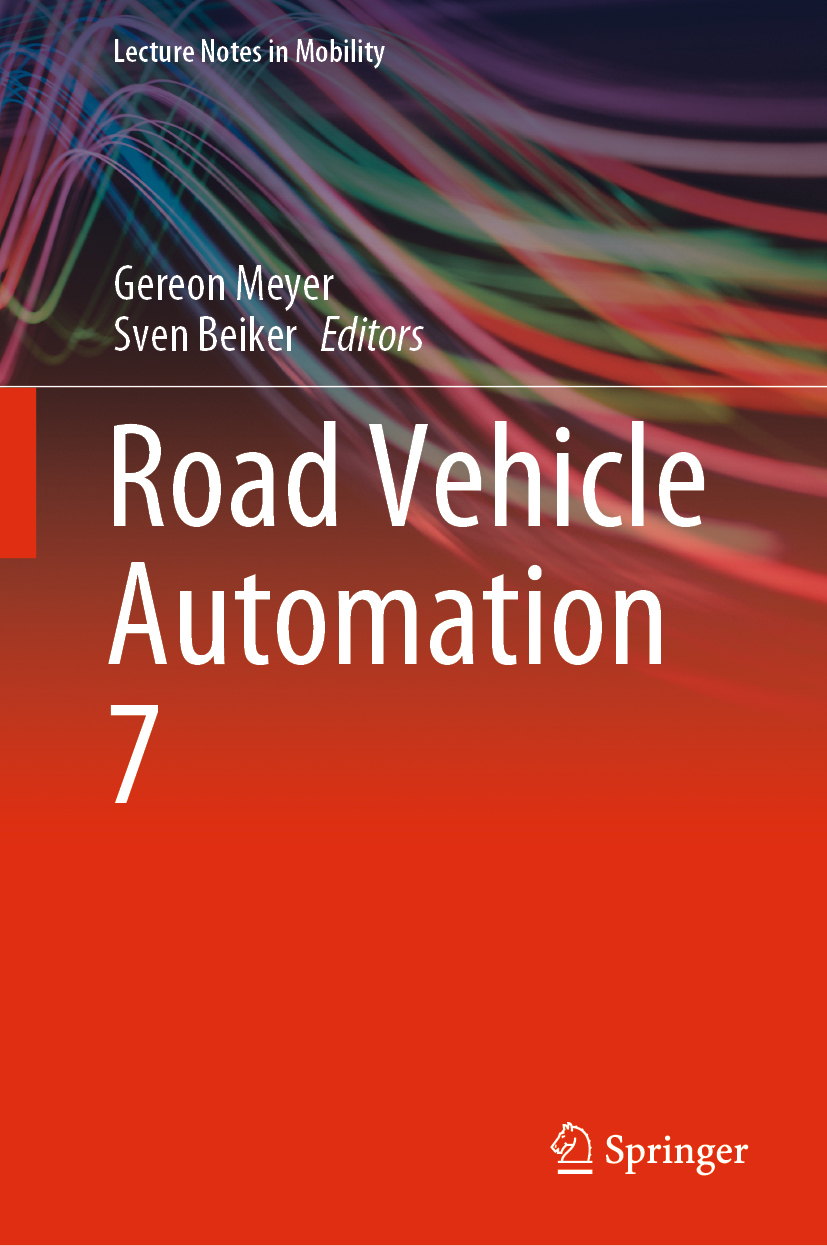
Road Vehicle Automation 7 This book is the seventh volume of a sub-series on Road Vehicle Automation, published as part of the Lecture Notes in Mobility. Written by researchers, engineers and analysts from around the globe, the contributions are based on oral and poster presentations from the Automated Vehicles Symposium (AVS) 2019, held on July 15–18, 2019, in Orlando, Florida, USA. The book explores public sector activities, human factors aspects, vehicle systems and other related technological developments, as well as transportation infrastructure planning, which are expect to foster and support road vehicle automation. TECHNOLOGY & ENGINEERING,Civil,General
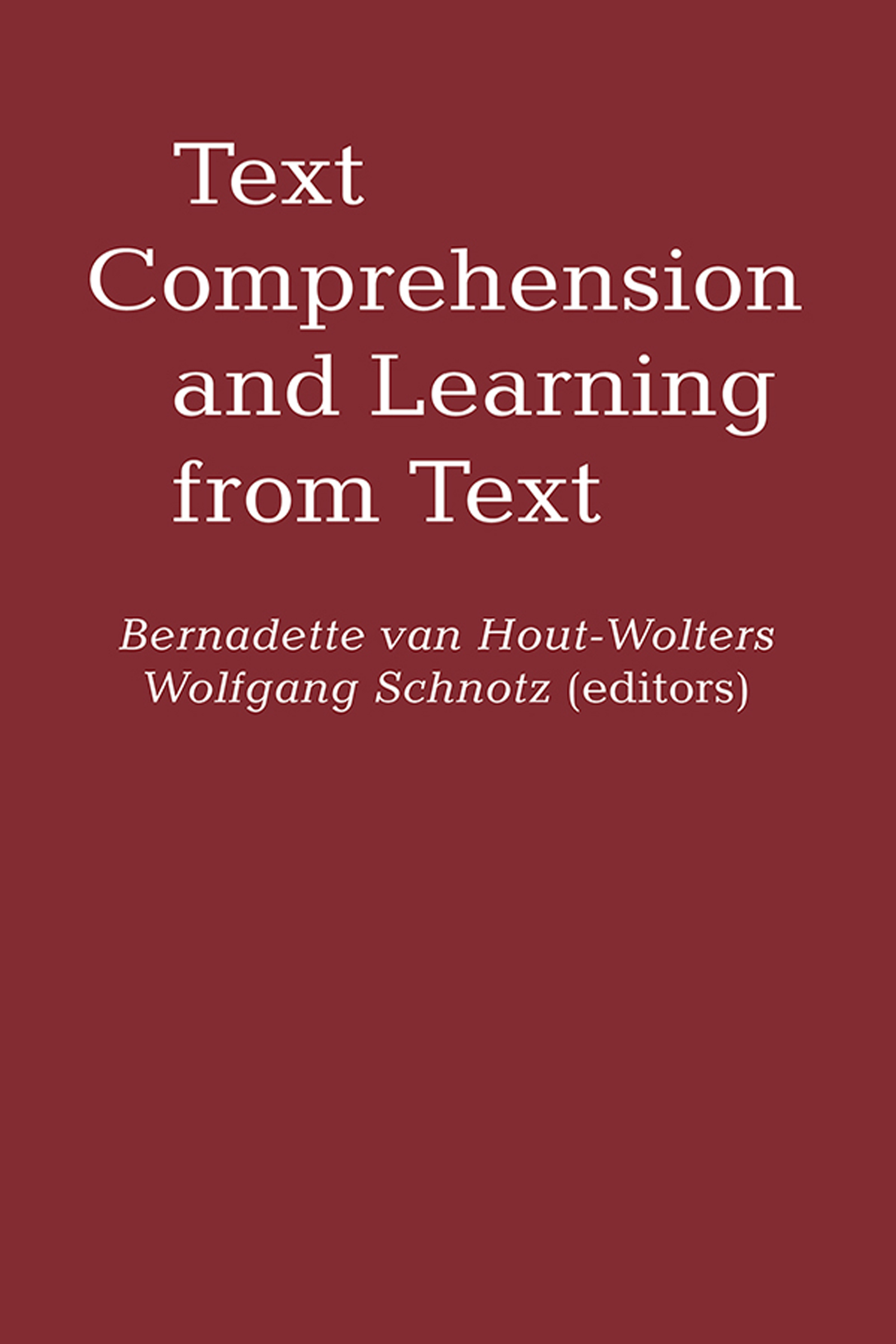
Text Comprehension And Learning This book deals with the significance of different text structures and its cognitive processing in learning from texts. It discusses the effect of learning abilities and attitudes for learning from texts, and focuses on the significance of processing and learning strategies for text comprehension. TECHNOLOGY & ENGINEERING,Civil,General
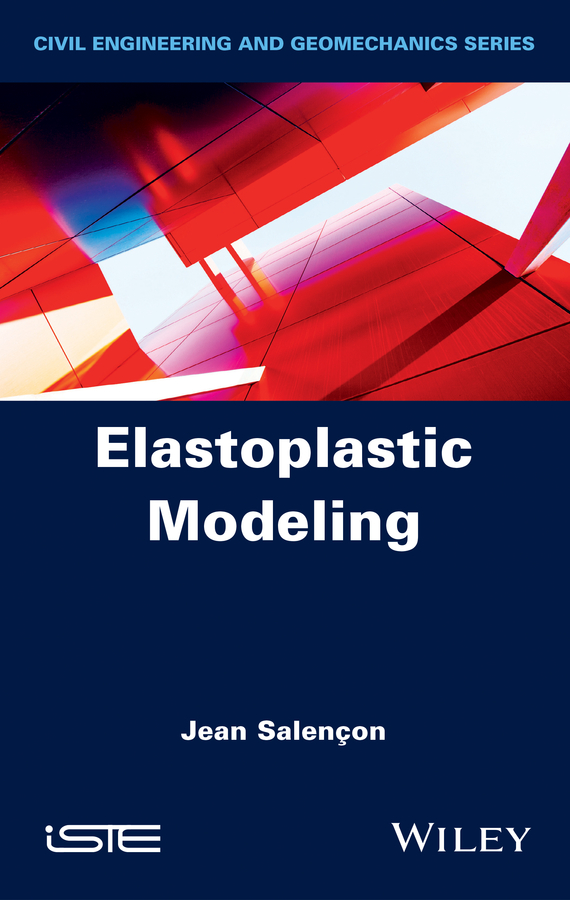
Elastoplastic Modeling Elastoplastic behavior has long been part of the constitutive models incorporated in most computer codes, used in the design of civil and mechanical engineering structures. Elastoplastic Modeling offers a compact presentation of the fundamentals of classical elastoplastic modeling, the basis for many engineering applications currently implemented. This book provides a general background to enhance understanding of the modeling assumptions that govern the rationales of these applications. With this understanding comes the ability to assess their validation range and propose possible improvements. An instructive approach replaces excessive mathematical developments with a semi-phenomenological method, where mathematical modeling is driven by − and derived from − experimental observations. A logical track is followed, starting from material behavior modeling and leading to the analysis of the anelastic response of systems, subjected to quasi-static loading processes. TECHNOLOGY & ENGINEERING,Civil,General

Asphalt Mixture Selection This practical guide starts with a survey of the types of site and the asphalt properties which are required. Various external influences which may affect the relative importance of some properties are addressed, and the interplay of sites and external is considered. Asphalt mixture types and their properties are reviewed, largely as defined in the EN 13108 series but subdivided into further categories, and into maximum nominal coarse aggregate sizes using EN 13043 basic set plus set 2 sizes. Guidance is given, including using flowcharts, of the different mixtures that are suitable for each situation. In some cases a range of choices or mixtures with different degrees of suitability is offered. The guidance covers surface course, binder course and base, but with more focus on the surface course where the external influence is most significant. The site and external influence combinations on which a mixture can be used successfully are also given. The book is primarily intended for those who select asphalt on an occasional basis, such as architects or housing developers, but could be of use to other engineers with limited experience. It is also useful as an educational textbook for those studying asphalt technology. TECHNOLOGY & ENGINEERING,Civil,Highway & Traffic
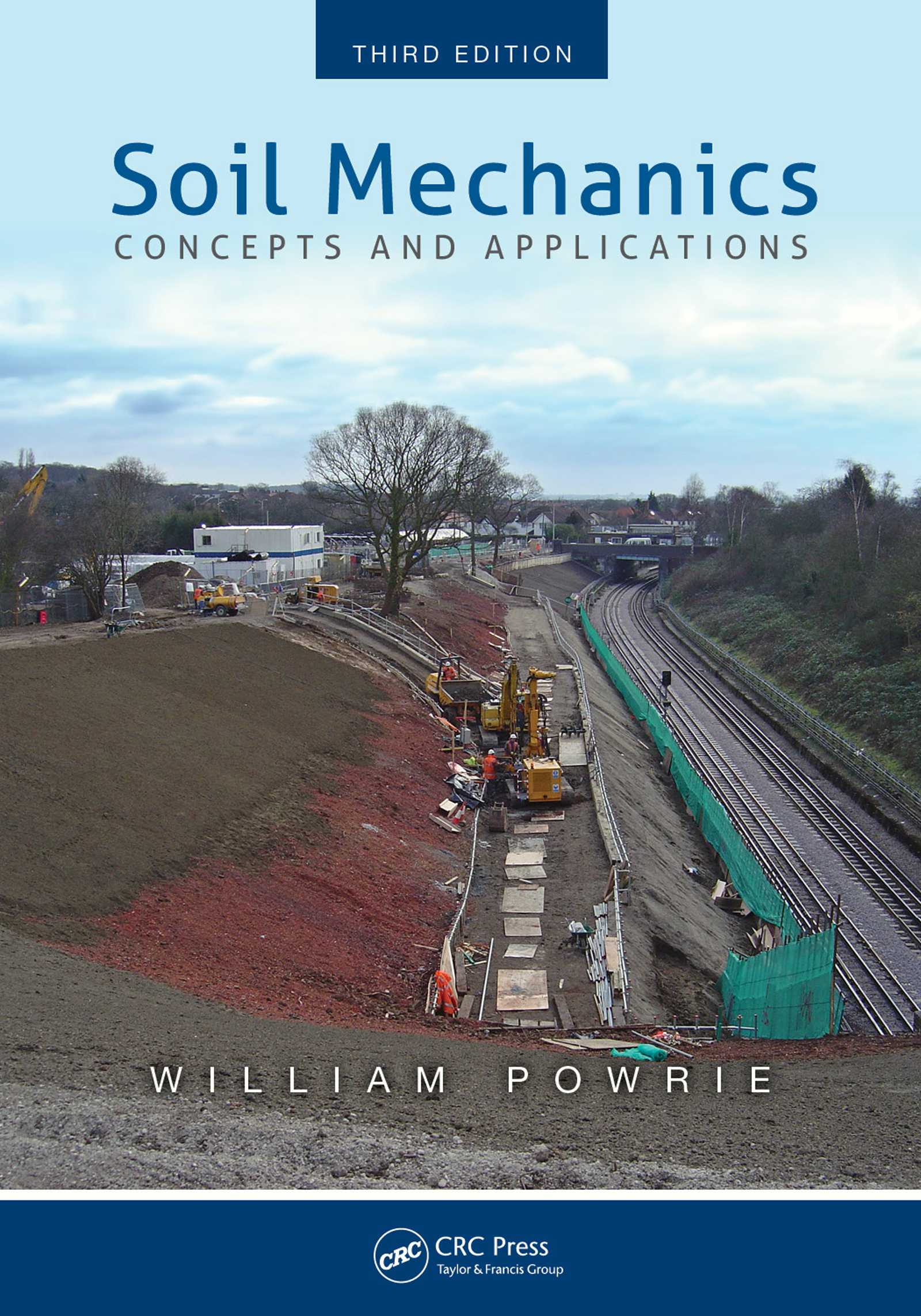
Soil Mechanics Instead of fixating on formulae, Soil Mechanics: Concepts and Applications, Third Edition focuses on the fundamentals. This book describes the mechanical behaviour of soils as it relates to the practice of geotechnical engineering. It covers both principles and design, avoids complex mathematics whenever possible, and uses simple methods and ideas to build a framework to support and accommodate more complex problems and analysis. The third edition includes new material on site investigation, stress-dilatancy, cyclic loading, non-linear soil behaviour, unsaturated soils, pile stabilization of slopes, soil/wall stiffness and shallow foundations. Other key features of the Third Edition: • Makes extensive reference to real case studies to illustrate the concepts described • Focuses on modern soil mechanics principles, informed by relevant research • Presents more than 60 worked examples • Provides learning objectives, key points, and self-assessment and learning questions for each chapter • Includes an accompanying solutions manual for lecturers This book serves as a resource for undergraduates in civil engineering and as a reference for practising geotechnical engineers. TECHNOLOGY & ENGINEERING,Civil,Soil & Rock
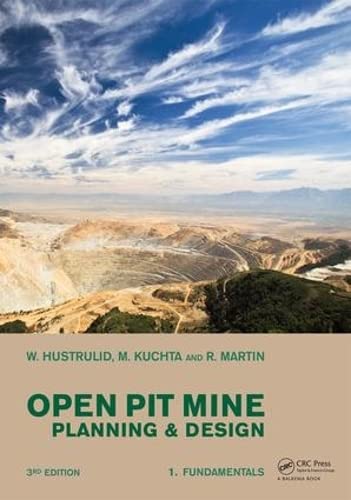
Open Pit Mine Planning and Design, Two Volume Set & CD-ROM Pack Building on the success of its 2006 predecessor, this 3rd edition of Open Pit Mine Planning and Design has been both updated and extended, ensuring that it remains the most complete and authoritative account of modern open pit mining available. Five new chapters on unit operations have been added, the revenues and costs chapter has been substantially revised and updated, and the references have been brought fully up to date. In addition, the pack now also includes a fully working version of the MicroMODEL mine planning software package. Volume 1 deals with the fundamental concepts involved in the planning and design of open pit mines. Subjects covered are mine planning, mining revenues and costs, orebody description, geometrical considerations, pit limits, production planning, mineral resources and ore reserves, responsible mining, rock blasting, rotary drilling, shovel loading, haulage trucks and machine availability and utilization. Volume 2 includes CSMine and MicroMODEL, user-friendly mine planning and design software packages developed specifically to illustrate the practical application of the involved principles. It also comprises the CSMine and MicroMODEL tutorials and user’s manuals and eight orebody case examples, including drillhole data sets for performing a complete open pit mine evaluation. Open Pit Mine Planning and Design is an excellent textbook for courses in surface mine design, open pit design, geological and excavation engineering, and in advanced open pit mine planning and design. The principles described apply worldwide. In addition, the work can be used as a practical reference by professionals. The step-by-step approach to mine design and planning offers a fast-path approach to the material for both undergraduate and graduate students. The outstanding software guides the student through the planning and design steps, and the eight drillhole data sets allow the student to practice the described principles on different mining properties (three copper properties, three iron properties and two gold properties). The well-written text, the large number of illustrative examples and case studies, the included software, the review questions and exercises and the reference lists included at the end of each chapter provide the student with all the material needed to effectively learn the theory and application of open pit mine planning and design. TECHNOLOGY & ENGINEERING,Civil,Soil & Rock
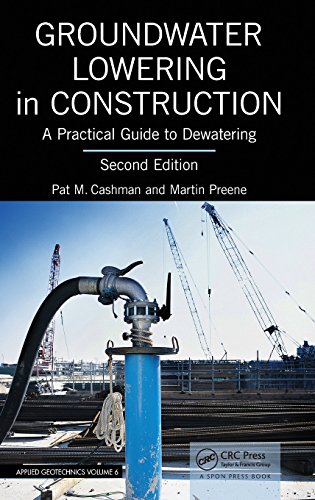
Groundwater Lowering in Construction Linking theory and application in a way that is clear and understandable, Groundwater Lowering in Construction: A Practical Guide to Dewatering, Second Edition uses the authors’ extensive engineering experience to offer practical guidance on the planning, design, and implementation of groundwater control systems under real conditions. Discover engineering methods that can help you improve working conditions, increase project viability, and reduce excavation costs. In the decade since publication of this book’s first edition, groundwater lowering and dewatering activities have been increasingly integrated into the wider ground engineering schemes on major excavations to help provide stable and workable conditions for construction below groundwater level. Consequently, many engineering ventures now require a more in-depth assessment of potential environmental impacts of dewatering and groundwater control, and this book details the latest best practices to evaluate and address them. Includes New Chapters Covering: Cutoff methods used for groundwater exclusion Issues associated with permanent or long-term groundwater control systems Groundwater control technologies used on contaminated sites Methods needed to understand, predict, and mitigate potential environmental impacts of groundwater control works Updated to reflect the crucial technological and application advances shaping construction processes, this book contains valuable direction that can give you a true competitive advantage in the planning and execution of temporary and permanent dewatering works. The authors cover cutting-edge methods and key subjects, such as the history of dewatering, working on contaminated sites, site investigation techniques, and operation and maintenance issues, including health, safety, and legal aspects. Written for practising engineers and geologists as well as postgraduate engineering students, this updated manual on design and practice provides numerous case histories and extensive references to enhance understanding. TECHNOLOGY & ENGINEERING,Civil,Soil & Rock
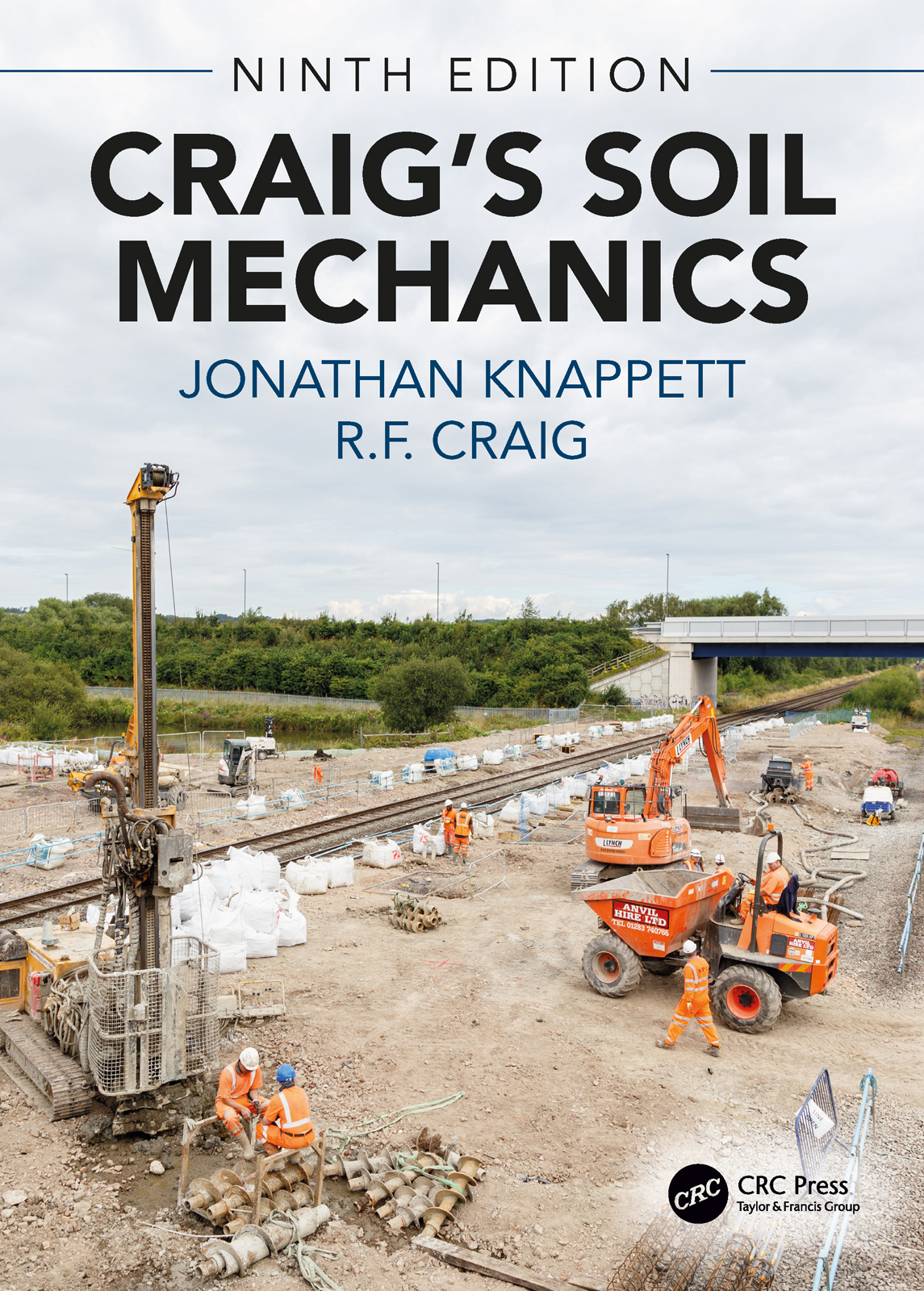
Craig's Soil Mechanics Craig’s Soil Mechanics continues to evolve and remain the definitive text for civil engineering students worldwide. It covers fundamental soil mechanics and its application in applied geotechnical engineering from A to Z and at the right depth for an undergraduate civil engineer, with sufficient extension material for supporting MSc level courses, and with practical examples and digital tools to make it a useful reference work for practising engineers. This new edition now includes: Restructured chapters on foundations and earthworks, the latter including new material on working platforms and collapse of underground cavities (sinkhole formation). New mobilised-stress-based deformation methods that can straightforwardly be used with both linear and non-linear soil stiffness models and field measurements of shear wave velocity, for serviceability limit state design. Extended sets of correlations for making sensible first estimates of soil parameters, adding deformation-based parameters for broader coverage than the Eighth Edition. Extended section on robust statistical selection of characteristic soil parameters. Greater use of consolidation theory throughout in determining whether actions, processes and laboratory/in-situ tests are drained or undrained. Extended chapter on in-situ testing, adding the Flat Dilatometer Test (DMT), and interpretation of consolidation parameters from CPTU and DMT testing. An updated section on pile load testing. Additional worked examples and end-of-chapter problems covering new material, with fully worked solutions for lecturers. The electronic resources on the book’s companion website are developed further, with the addition of two new spreadsheet numerical analysis tools and improvement of existing tools from the Eighth Edition. Using these, readers can take real soil test data, interpret its mechanical properties and apply these to a range of common geotechnical design problems at ultimate and serviceability limiting states. TECHNOLOGY & ENGINEERING,Civil,Soil & Rock
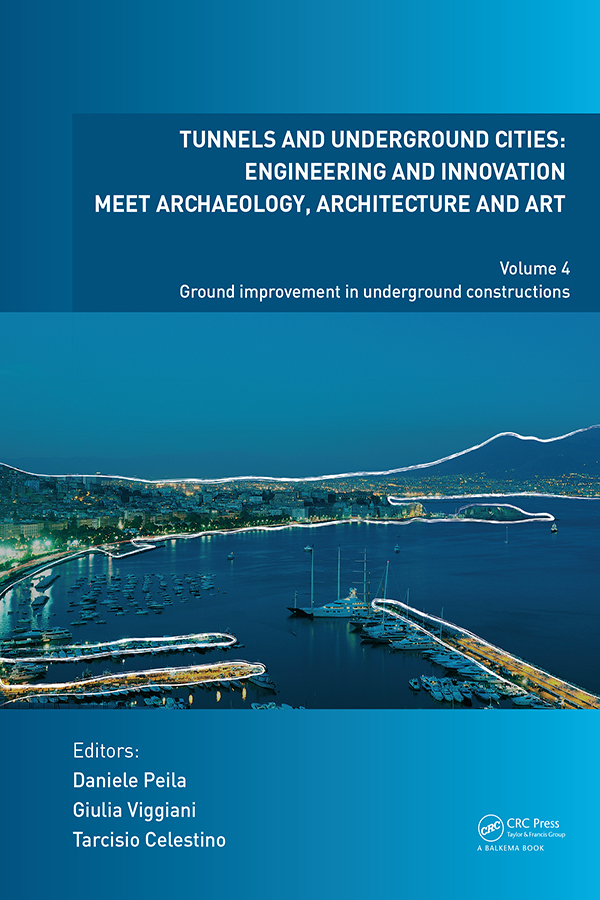
Tunnels and Underground Cities Tunnels and Underground Cities: Engineering and Innovation meet Archaeology, Architecture and Art. Volume 4: Ground Improvement in Underground Constructions contains the contributions presented in the eponymous Technical Session during the World Tunnel Congress 2019 (Naples, Italy, 3-9 May 2019). The use of underground space is continuing to grow, due to global urbanization, public demand for efficient transportation, and energy saving, production and distribution. The growing need for space at ground level, along with its continuous value increase and the challenges of energy saving and achieving sustainable development objectives, demand greater and better use of the underground space to ensure that it supports sustainable, resilient and more liveable cities. The contributions cover a wide range of topics, from permeation grouting and consolidation works, safety operations, artificial ground freezing to frost heave control. The book is a valuable reference text for tunnelling specialists, owners, engineers, archaeologists, architects, artists and others involved in underground planning, design and building around the world, and for academics who are interested in underground constructions and geotechnics. TECHNOLOGY & ENGINEERING,Civil,Soil & Rock

Deep Excavations in Soil The book describes the theory and current practices for design of earth lateral support for deep excavations in soil. It addresses basic principles of soil mechanics and explains how these principles are embodied in design methods including hand calculations. It then introduces the use of numerical methods including the fundamental “beam on springs†models, and then more sophisticated computer programmes which can model soil as a continuum in two or three dimensions. Constitutive relationships are introduced that are in use for representing the behaviour of soil including a strain hardening model, and a Cam Clay model including groundwater flow and coupled consolidation. These methods are illustrated by reference to practical applications and case histories from the author’s direct experience, and some of the pitfalls that can occur are discussed. Theory and design are strongly tied to construction practice, with emphasis on monitoring the retaining structures and movement of surrounding ground and structures, in the context of safety and the Observational Method. Examples are presented for conventional “Bottom-up†and “Top-down†sequences, along with hybrid sequences giving tips on how to optimise the design and effect economies of cost and time for construction. It is written for practising geotechnical, civil and structural engineers, and especially for senior and MSc students. TECHNOLOGY & ENGINEERING,Civil,Soil & Rock
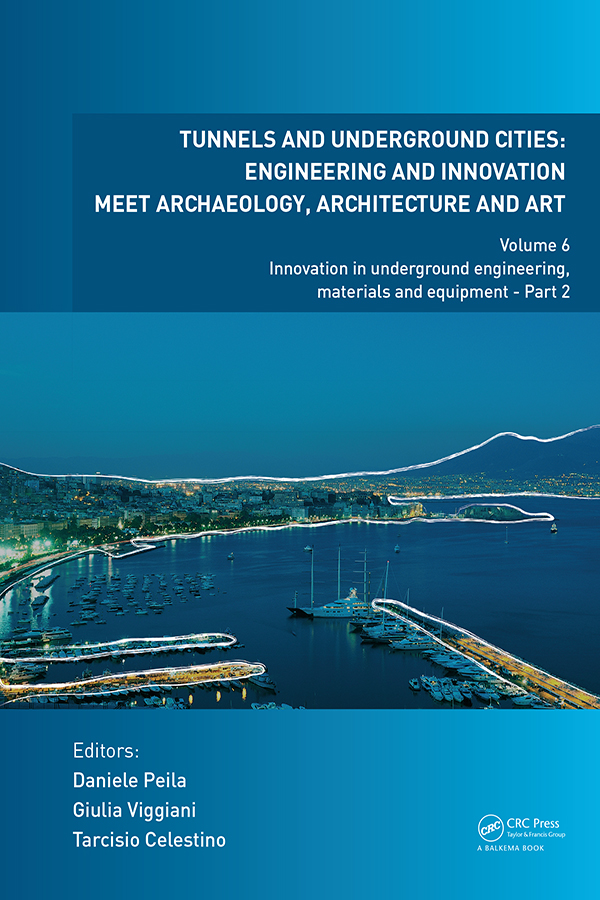
Tunnels and Underground Cities Tunnels and Underground Cities: Engineering and Innovation meet Archaeology, Architecture and Art. Volume 6: Innovation in underground engineering, materials and equipment - Part 2 contains the contributions presented in the eponymous Technical Session during the World Tunnel Congress 2019 (Naples, Italy, 3-9 May 2019). The use of underground space is continuing to grow, due to global urbanization, public demand for efficient transportation, and energy saving, production and distribution. The growing need for space at ground level, along with its continuous value increase and the challenges of energy saving and achieving sustainable development objectives, demand greater and better use of the underground space to ensure that it supports sustainable, resilient and more liveable cities. The contributions cover a wide range of topics, from artificial intelligence techniques for geomechanical forecasting, via fiber reinforced concrete segmental lining, to advanced 4-channel scan systems for tunnel inspection. The book is a valuable reference text for tunnelling specialists, owners, engineers, archaeologists, architects, artists and others involved in underground planning, design and building around the world, and for academics who are interested in underground constructions and geotechnics. TECHNOLOGY & ENGINEERING,Civil,Soil & Rock

Tunnels and Underground Cities Tunnels and Underground Cities: Engineering and Innovation meet Archaeology, Architecture and Art. Volume 5: Innovation in underground engineering, materials and equipment - Part 1 contains the contributions presented in the eponymous Technical Session during the World Tunnel Congress 2019 (Naples, Italy, 3-9 May 2019). The use of underground space is continuing to grow, due to global urbanization, public demand for efficient transportation, and energy saving, production and distribution. The growing need for space at ground level, along with its continuous value increase and the challenges of energy saving and achieving sustainable development objectives, demand greater and better use of the underground space to ensure that it supports sustainable, resilient and more liveable cities. The contributions cover a wide range of topics, from artificial intelligence techniques for geomechanical forecasting, via fiber reinforced concrete segmental lining, to advanced 4-channel scan systems for tunnel inspection. The book is a valuable reference text for tunnelling specialists, owners, engineers, archaeologists, architects, artists and others involved in underground planning, design and building around the world, and for academics who are interested in underground constructions and geotechnics. TECHNOLOGY & ENGINEERING,Civil,Soil & Rock
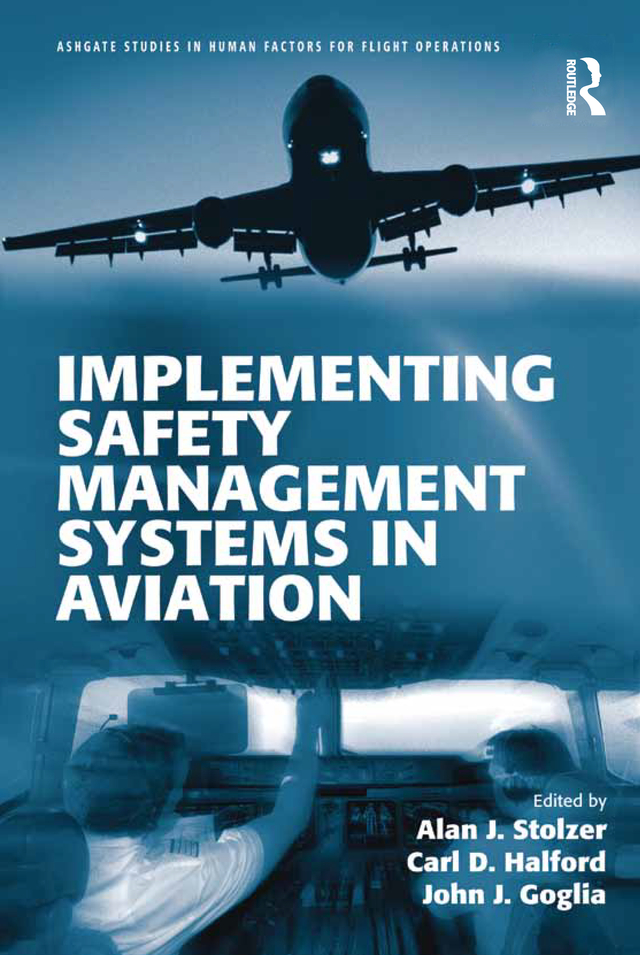
Implementing Safety Management Systems in Aviation The International Civil Aviation Organization has mandated that all of its member states implement Safety Management Systems (SMS) in their aviation industries. Responding to that call, many countries are now in various stages of SMS development, implementation, and rulemaking. In their first book, Safety Management Systems in Aviation, Stolzer, Halford, and Goglia provided a strong theoretical framework for SMS, along with a brief discourse on SMS implementation. This follow-up book provides a very brief overview of SMS and offers significant guidance and best practices on implementing SMS programs. Very specific guidance is provided by industry experts from government, industry, academia, and consulting, who share their invaluable insights from first-hand experience of all aspects of effective SMS programs. The contributing authors come from all facets of aviation, including regulation and oversight, airline, general aviation, military, airport, maintenance, and industrial safety. Chapters address important topics such as how to develop a system description and perform task analyses, perspectives on data sharing, strategies for gaining management support, establishing a safety culture, approaches to auditing, integrating emergency planning and SMS, and more. Also included is a fictional narrative/story that can be used as a case study on SMS implementation. Implementing Safety Management Systems in Aviation is written for safety professionals and students alike. TECHNOLOGY & ENGINEERING,Civil,Transportation
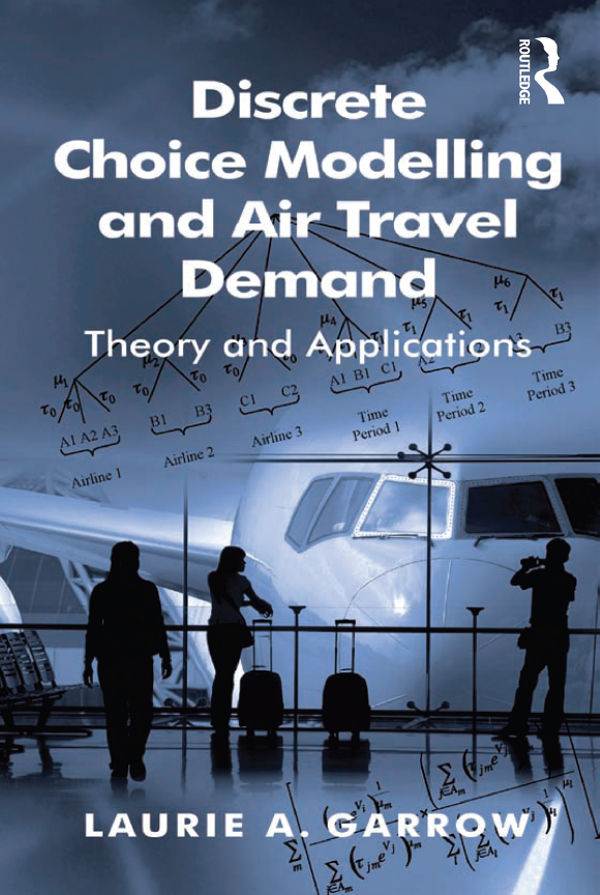
Discrete Choice Modelling and Air Travel Demand In recent years, airline practitioners and academics have started to explore new ways to model airline passenger demand using discrete choice methods. This book provides an introduction to discrete choice models and uses extensive examples to illustrate how these models have been used in the airline industry. These examples span network planning, revenue management, and pricing applications. Numerous examples of fundamental logit modeling concepts are covered in the text, including probability calculations, value of time calculations, elasticity calculations, nested and non-nested likelihood ratio tests, etc. The core chapters of the book are written at a level appropriate for airline practitioners and graduate students with operations research or travel demand modeling backgrounds. Given the majority of discrete choice modeling advancements in transportation evolved from urban travel demand studies, the introduction first orients readers from different backgrounds by highlighting major distinctions between aviation and urban travel demand studies. This is followed by an in-depth treatment of two of the most common discrete choice models, namely the multinomial and nested logit models. More advanced discrete choice models are covered, including mixed logit models and generalized extreme value models that belong to the generalized nested logit class and/or the network generalized extreme value class. An emphasis is placed on highlighting open research questions associated with these models that will be of particular interest to operations research students. Practical modeling issues related to data and estimation software are also addressed, and an extensive modeling exercise focused on the interpretation and application of statistical tests used to guide the selection of a preferred model specification is included; the modeling exercise uses itinerary choice data from a major airline. The text concludes with a discussion of on-going customer modeling research in aviation. Discrete Choice Modelling and Air Travel Demand is enriched by a comprehensive set of technical appendices that will be of particular interest to advanced students of discrete choice modeling theory. The appendices also include detailed proofs of the multinomial and nested logit models and derivations of measures used to represent competition among alternatives, namely correlation, direct-elasticities, and cross-elasticities. TECHNOLOGY & ENGINEERING,Civil,Transportation
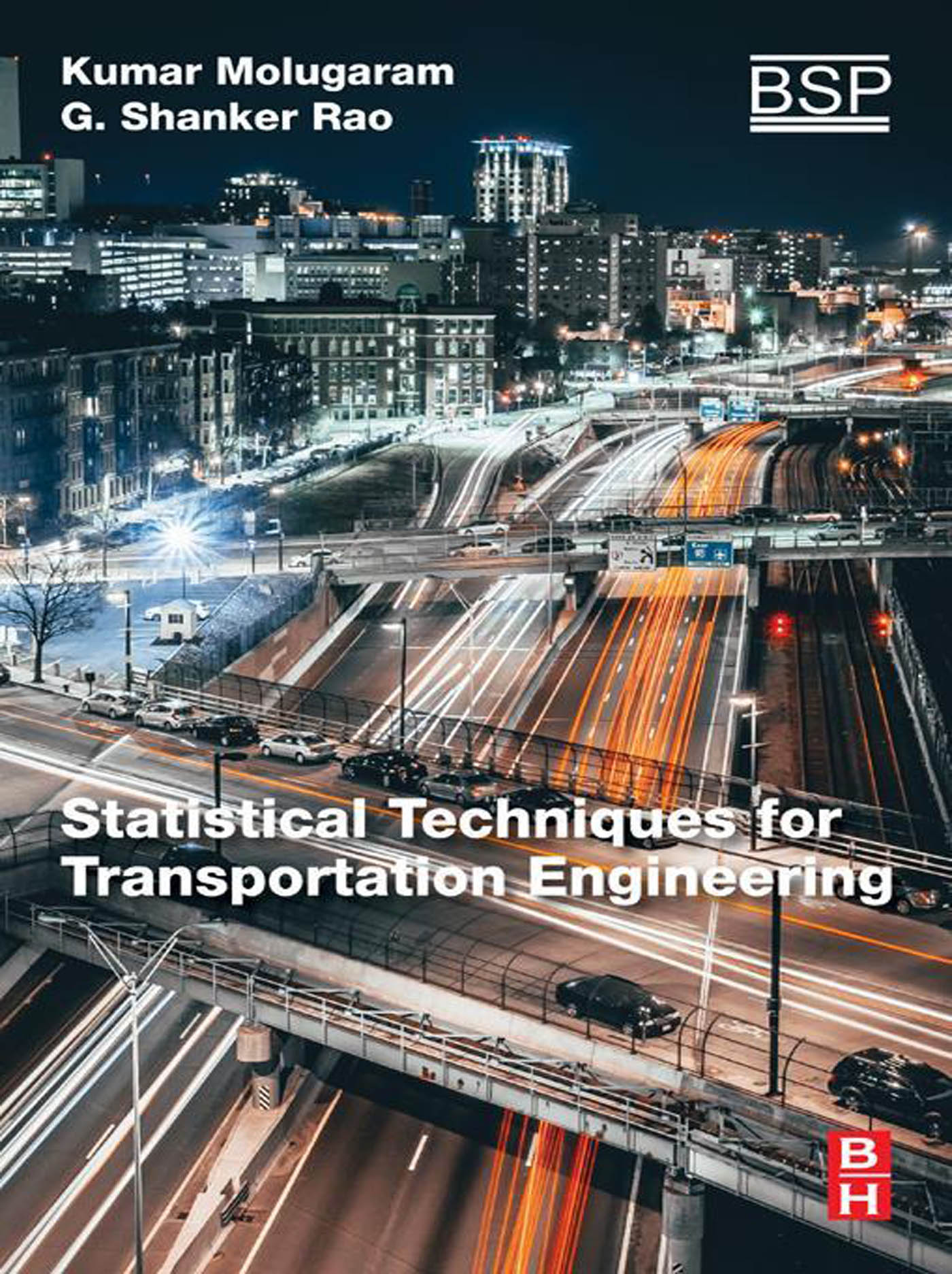
Statistical Techniques for Transportation Engineering Statistical Techniques for Transportation Engineering is written with a systematic approach in mind and covers a full range of data analysis topics, from the introductory level (basic probability, measures of dispersion, random variable, discrete and continuous distributions) through more generally used techniques (common statistical distributions, hypothesis testing), to advanced analysis and statistical modeling techniques (regression, AnoVa, and time series). The book also provides worked out examples and solved problems for a wide variety of transportation engineering challenges. Demonstrates how to effectively interpret, summarize, and report transportation data using appropriate statistical descriptors Teaches how to identify and apply appropriate analysis methods for transportation data Explains how to evaluate transportation proposals and schemes with statistical rigor TECHNOLOGY & ENGINEERING,Civil,Transportation
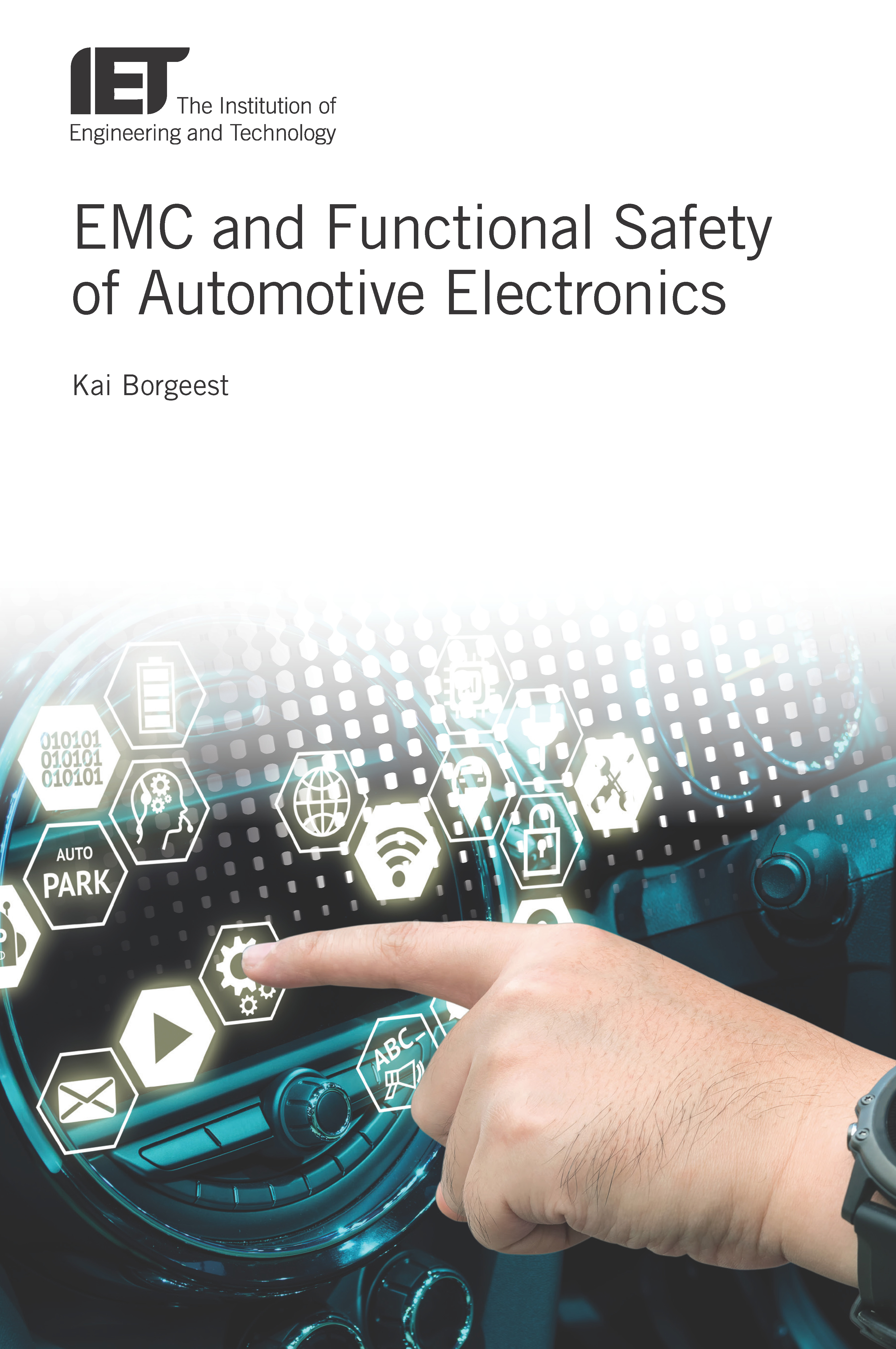
EMC and Functional Safety of Automotive Electronics This book explores electromagnetic compatibility in the context of automotive electronics, with a close relation to functional safety as required by ISO 26262. TECHNOLOGY & ENGINEERING,Civil,Transportation
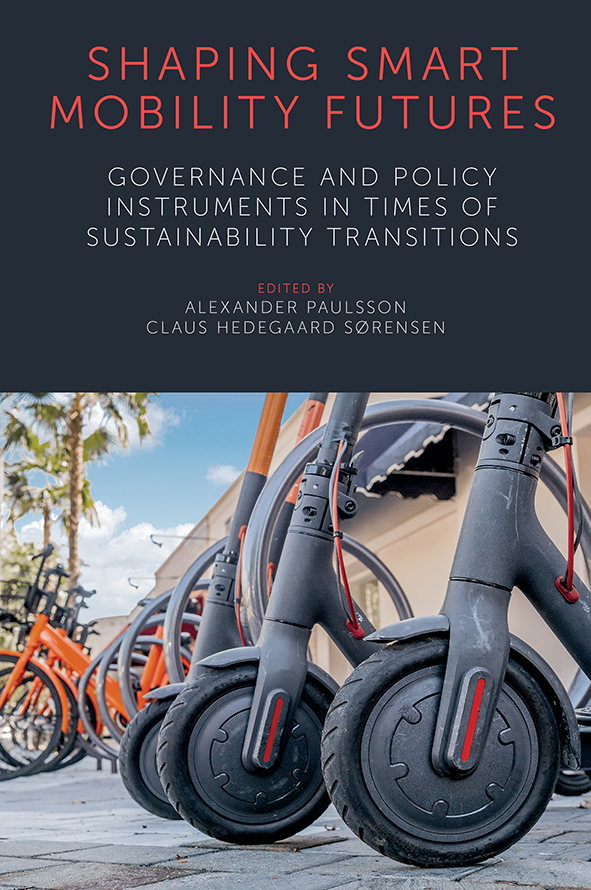
Shaping Smart Mobility Futures Bringing together scholars from multiple fields, and using the results from a number of research projects, this book takes the discussion one step further by exploring the policy instruments available and needed for the governance of smart mobility. TECHNOLOGY & ENGINEERING,Civil,Transportation
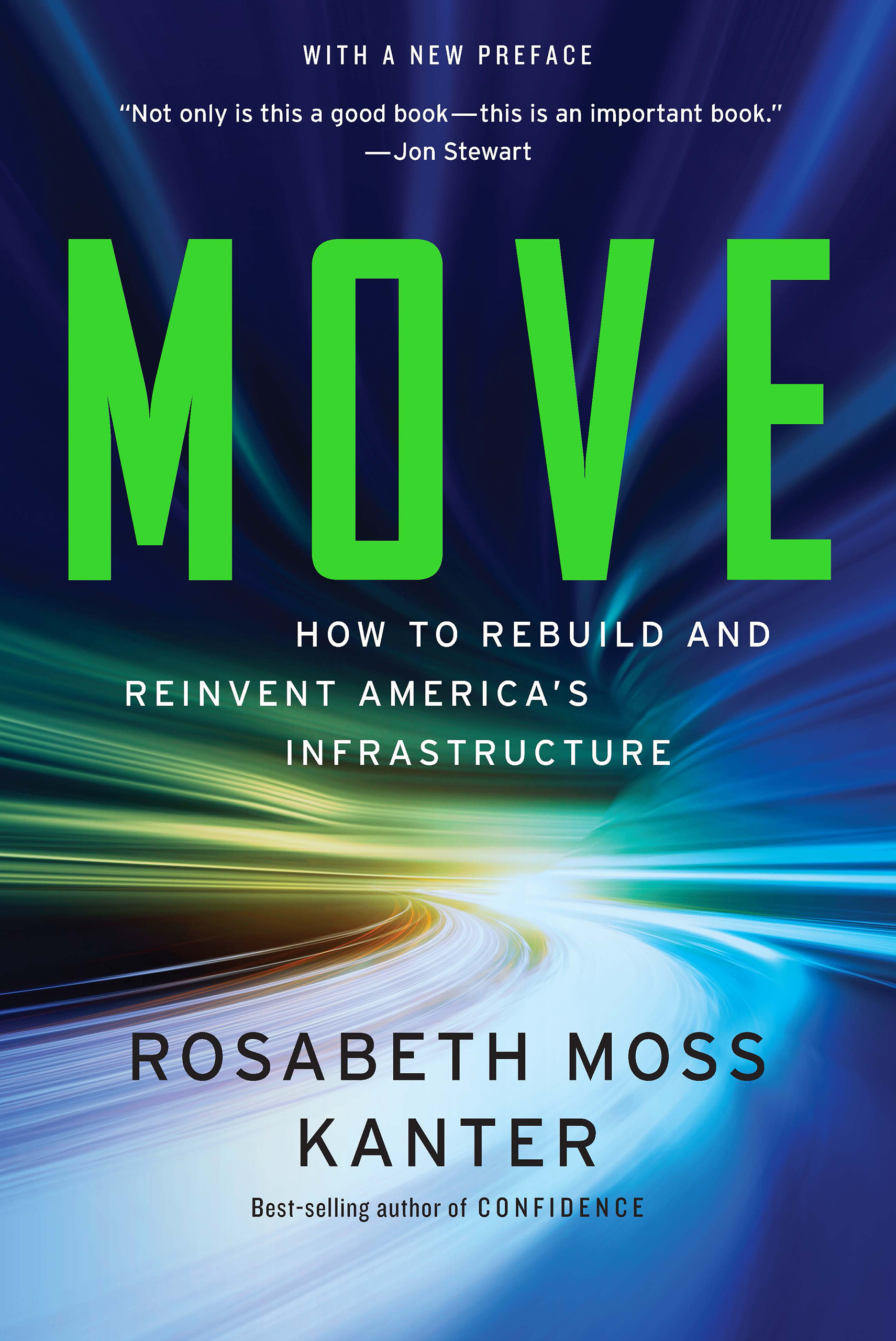
Move Americans are stuck. Americans are stuck. We live with travel delays on congested roads, shipping delays on clogged railways, and delays on repairs and project approvals due to gridlocked leadership. And when we can’t move, when goods are delayed, and when information networks can’t connect, then economic opportunity deteriorates and social inequity grows. We don’t have to take it anymore! In Move, Harvard Business School professor and bestselling author Rosabeth Moss Kanter visits the business leaders, mayors, transportation advocates, and entrepreneurs across the country tackling these challenges through underwater tunnels, instant bridges, road sensors, parking apps, bike-sharing programs, seamless wifi, and much more. It all adds up to a new vision for American mobility, where local leaders and public-private partnerships lead the way. With unique insight and unrivaled expertise, Kanter gives us a sweeping look at the innovative projects, vital leaders, and bold solutions that are moving our transportation infrastructure toward a cleaner, faster, and more prosperous future. TECHNOLOGY & ENGINEERING,Civil,Transportation
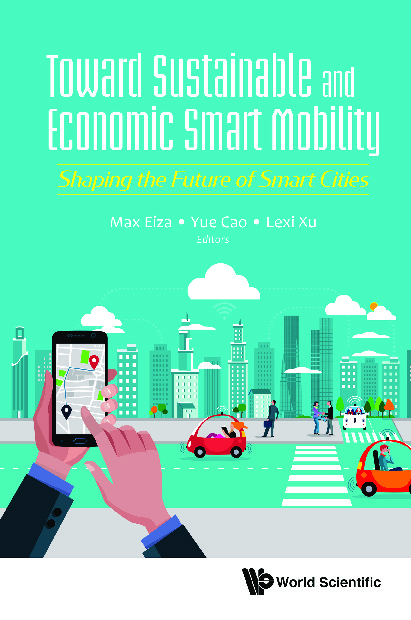
Toward Sustainable And Economic Smart Mobility During the last decade, developments in smart cars, mobile devices, internet of things and vehicular communications are revolutionizing the future of smart cities. With the rapid integration of these smart devices into our surroundings, we are heading to a new era of a highly connected and environmentally friendly ecosystem.This book offers a unique opportunity for the reader to explore state-of-the-art developments in applications, technologies (e.g., Big Data and artificial intelligence), services and research trends in smart mobility for smart cities. It also provides a reference for professionals and researchers in the areas of smart mobility (e.g., autonomous valet parking, passenger trajectory data, smart traffic control systems) and recent technical trends on their enabling technologies. The materials have been carefully selected to reflect the latest developments in the field with many novel contributions from academics and industry experts from around the world. TECHNOLOGY & ENGINEERING,Civil,Transportation
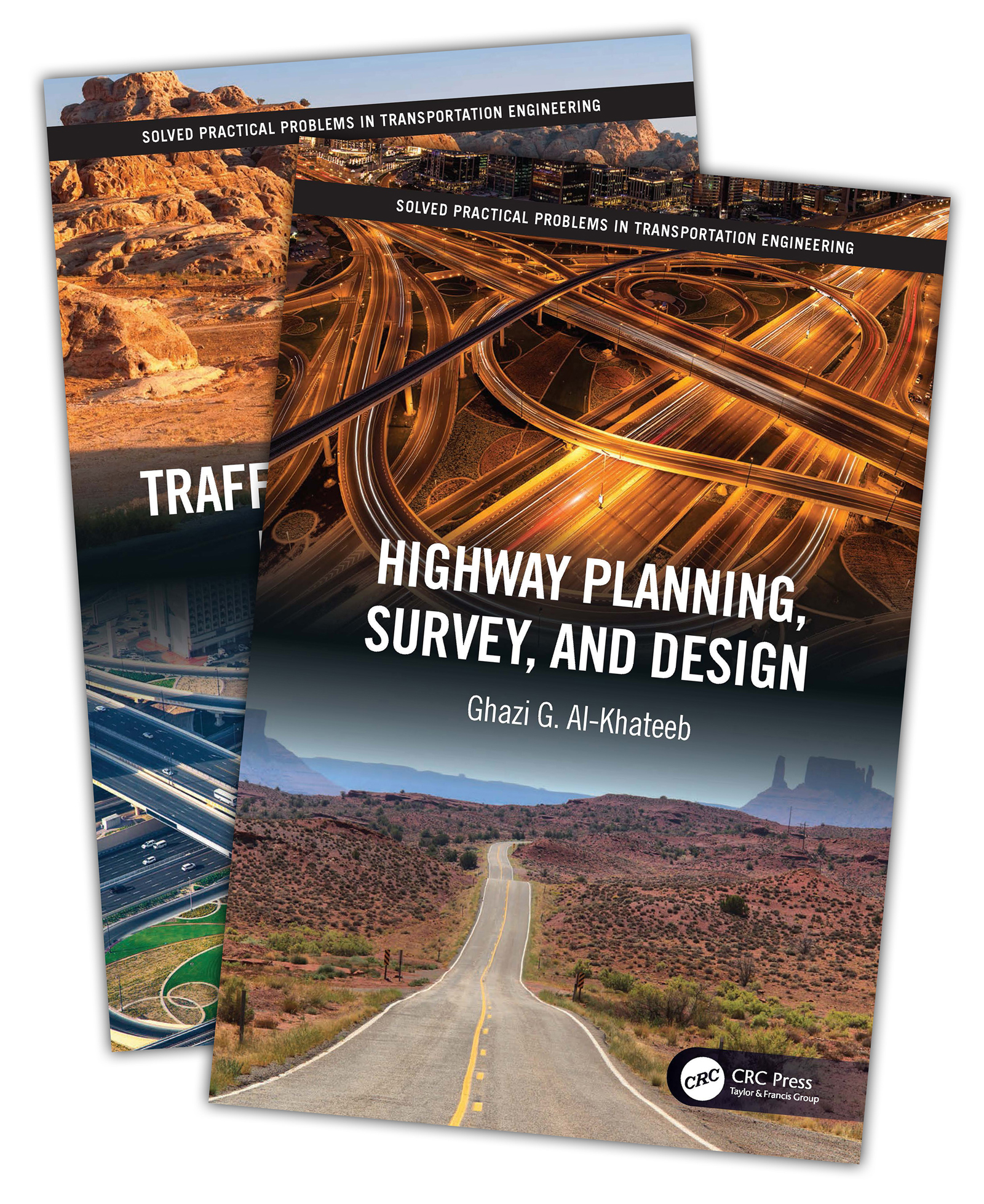
Highway Planning, Survey, and Design Highway Planning, Survey, and Design presents the latest engineering concepts, techniques, practices, principles, standard procedures, and models that are applied and used to design and evaluate alternatives of transportation systems and roadway horizontal and vertical alignments and to forecast travel demand using variety of trip forecasting models to ultimately achieve greater safety, sustainability, efficiency, and cost-effectiveness. It provides in-depth coverage of the major areas of transportation engineering and includes a broad range of practical problems and solutions, related to theory, concepts, practice, and applications. Solutions for each problem follow step-by-step procedures that include the theory and the derivation of the formulas and computations where applicable. Additionally, numerical methods, linear algebraic methods, and least squares regression techniques are presented to assist in problem solving. Features: Presents coverage of major areas in transportation engineering: urban transportation planning, highway surveying, and geometric design of highways. Provides solutions to numerous practical problems in transportation engineering including terminology, theory, practice, computation, and design. Offers downloadable and user-friendly MS Excel spreadsheets as well as numerical methods and optimization tools and techniques. Includes several practical case studies throughout. Implements a unique approach in presenting the different topics. Highway Planning, Survey, and Design will help academics and professionals alike to find practical solutions across the broad spectrum of transportation engineering issues. TECHNOLOGY & ENGINEERING,Civil,Transportation

Traffic and Pavement Engineering Traffic and Pavement Engineering presents the latest engineering concepts, techniques, practices, principles, standard procedures, and models that are applied and used to design and evaluate traffic systems, road pavement structures, and alternative transportation systems to ultimately achieve greater safety, sustainability, efficiency, and cost-effectiveness. It provides in-depth coverage of the major areas of transportation engineering and includes a broad range of practical problems and solutions, related to theory, concepts, practice, and applications. Solutions for each problem follow step-by-step procedures that include the theory and the derivation of the formulas and computations where applicable. Additionally, numerical methods, linear algebraic methods, and least squares regression techniques are presented to assist in problem solving. Features: Presents coverage of major areas in transportation engineering: traffic engineering, and pavement materials, analysis, and design. Provides solutions to numerous practical problems in traffic and pavement engineering including terminology, theory, practice, computation, and design. Offers downloadable and user-friendly MS Excel spreadsheets as well as numerical methods and optimization tools and techniques. Includes several practical case studies throughout. Utilizes a unique approach in presenting the different topics of transportation engineering. Traffic and Pavement Engineering will help academics and professionals alike to find practical solutions across the broad spectrum of traffic and pavement engineering issues. TECHNOLOGY & ENGINEERING,Civil,Transportation

Everything You Need to Know About Building the Custom Home More and more people are foregoing and aggravations of hiring a general contractor and opting to oversee their own homebuilding projects. TECHNOLOGY & ENGINEERING,Construction,Carpentry
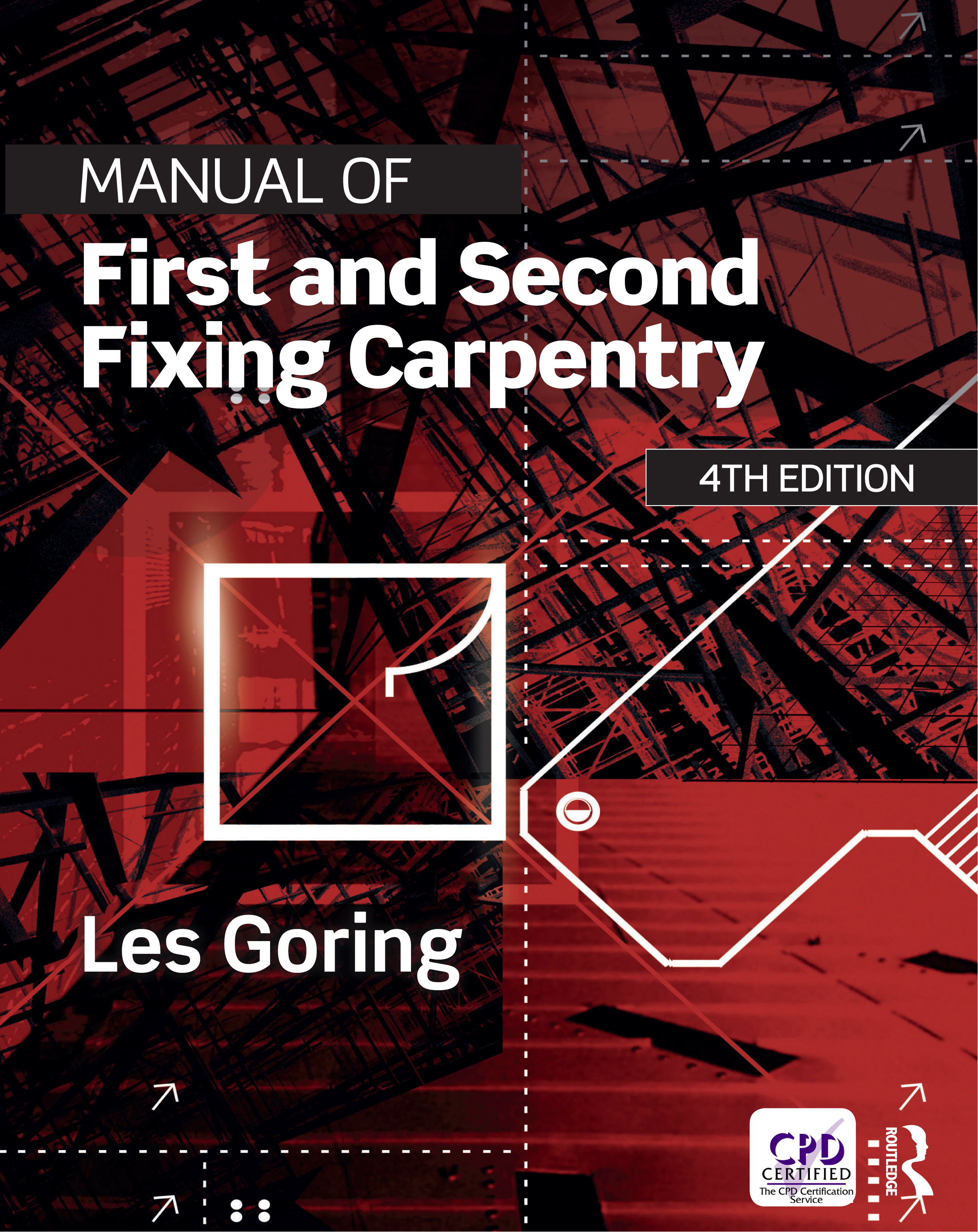
Manual of First and Second Fixing Carpentry Les Goring’s book covers all the detailed knowledge required for carrying out first fixing carpentry – such as modern and traditional roofing and fitting and fixing modern and traditional floor joists on new-build sites before plastering or drylining of walls and ceilings takes place – and second fixing carpentry – such as fitting staircases, hanging doors, skirting and architraves and kitchen units after dry-lined plastering has taken place and the shell of the building is watertight. In the opening chapters, this work also covers reading-of-drawings' knowledge, tools and fixing-devices. This new edition, with over 500 coloured drawings supporting its step-by-step approach, has been updated throughout to take into account current industry practices and changes in the UK’s Building Regulations. Two new chapters have also been added, covering the formwork carpentry for casting in situ, reinforced concrete stairs and landings, and making and fixing different shelf arrangements to correct spans. The breadth of coverage and clear ‘how-to-do-it’ text makes this book an essential in-and-after-college resource for the 2000 apprentices per year taking NVQs and the 1500 students following Construction Awards within the Wood Occupations from the City & Guilds’ Construction Skills. The in-depth technical detail and practical focus makes this book an essential purchase for all aspiring woodworkers, craft teachers and construction lecturers – to either read now and/or use as a future reference manual. It should also be of value to general builders and DIY enthusiasts, whose carpentry knowledge might (understandably) be sketchy in certain areas. TECHNOLOGY & ENGINEERING,Construction,Carpentry

Complete Book of Framing The bestselling step-by-step framing guide—updated and expanded to meet 2018 codes and standards Complete Book of Framing, Second Edition—Updated and Expanded is a comprehensive guide to rough carpentry and framing, written by an expert with over forty years of framing experience. This book guides the reader through step-by-step framing instructions for floors, walls, roofs, door and window openings, and stairs. Hundreds of full-color illustrations and photos enable novice and professional framers to understand and master framing techniques. This Updated and Expanded Second Edition includes the framing techniques of the 2018 International Building Code (IBC), International Residential Code (IRC), and updated OSHA rules. It also includes new coverage of today's electric tools, wind and earthquake framing, medical and physiological factors of framing, and a revised safety chapter. Builders will find information on nailing patters, overall layout, engineered wood patterns, and green framing. In addition, the book offers readers tools and techniques for preparing for a job and managing a team. This Second Edition—Updated and Expanded: Includes hundreds of full-color illustrations depicting step-by-step framing techniques Offers guidance on today's electric tools and structural enhancements for natural disasters Features a revised chapter on safety to reflect the medical and physiological factors of framing Meets the framing techniques of the 2018 International Building Code (IBC), International Residential Code (IRC), and Occupational Safety and Health Administration (OSHA) standards Complete Book of Framing: An Illustrated Guide for Residential Construction, Second Edition—Updated and Expanded is an excellent resource for framers, carpenters, and contractors of all experience levels. Framer-friendly tips throughout the book show how to complete framing tasks efficiently and effectively. TECHNOLOGY & ENGINEERING,Construction,Carpentry

Be Your Own House Contractor You don’t need to depend on (or pay) a general contractor to manage your construction project. Whether you’re building a new home or renovating an existing one, you can manage the job yourself. Carl Heldmann outlines how to purchase your own land, set a reasonable budget and schedule, describe your needs and vision to an architect, and hire subcontractors to do the actual building. Cut out the middleman and save as much as 25 percent on your beautiful new home! TECHNOLOGY & ENGINEERING,Construction,Contracting
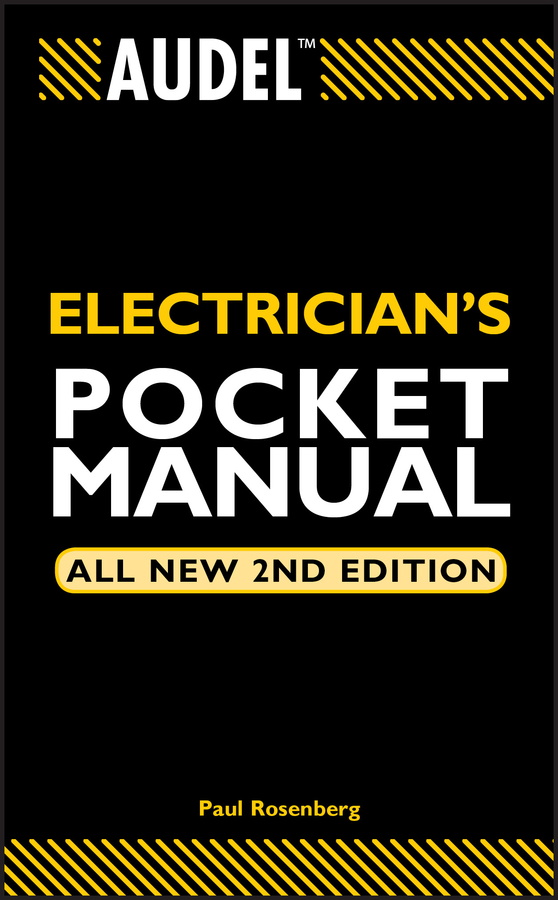
Audel Electrician's Pocket Manual Your on-the-job reference Now fully updated for the 2002 National Electrical Code, the Electrician's Pocket Manual is packed with charts, conversions, photographs, diagrams, code standards, and other information you need on the job. Find answers quickly and easily * Explains updated maintenance and construction standards * Provides details on motors, controllers, and circuits * Examines electronic components and communications wiring * Features 28 pages of drawings, diagrams, and plans * Offers guidelines for dealing with hazardous location wiring * Covers generators, mechanical power transmission, and electrical power distribution * Includes a chapter on tools and safety TECHNOLOGY & ENGINEERING,Construction,Electrical
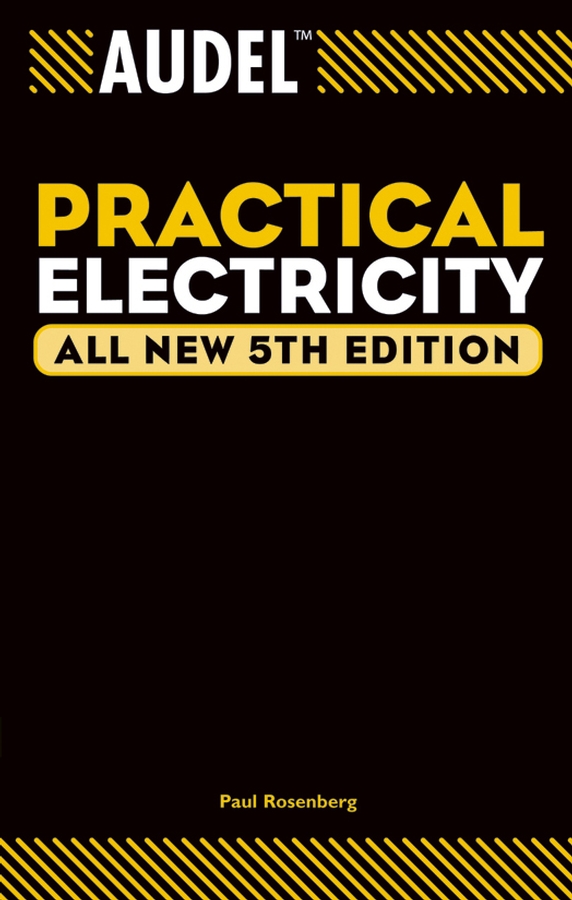
Audel Practical Electricity Everything begins with the basics To succeed in any of today's electrical specialties, you must first understand the fundamentals. This concise guidebook, fully updated and revised to comply with the National Electrical Code,? provides that solid foundation in electrical theory, circuitry, and common applications. Whether you're pursuing an electrical career, need a refresher course, or simply want to understand the wiring in your home, you'll learn the basics from this book. * Examine the fundamentals of magnetism and electric-ity, conductors, insulators, and circuits * Study common applications including house wiring, lighting, cables, electric heating, and generating * Become familiar with test procedures and electromagnetic induction * Understand inductive and capacitive AC circuits and the principles of alternating current * Explore alarm and intercom wiring, home circuiting, and multiple switching * Find out how generating stations and substations function * Learn from clear, specific text, functional illustrations, and review questions in every chapter TECHNOLOGY & ENGINEERING,Construction,Electrical

Estimator's Electrical Man-Hour Manual This manual's latest edition continues to be the best source available for making accurate, reliable man-hour estimates for electrical installation. This new edition is revised and expanded to include installation of electrical instrumentation, which is used in monitoring various process systems. TECHNOLOGY & ENGINEERING,Construction,Electrical

Modern Wiring Practice Continuously in print since 1952, Modern Wiring Practice has now been fully revised to provide an up-to-date source of reference to building services design and installation in the 21st century. This compact and practical guide addresses wiring systems design and electrical installation together in one volume, creating a comprehensive overview of the whole process for contractors and architects, as well as electricians and other installation engineers. Best practice is incorporated throughout, combining theory and practice with clear and accessible explanation, all within the framework of the Wiring Regulations. Introducing the fundamentals of design and installation with a minimum of mathematics, this book is also relevant reading for all students of electrical installation courses, such as the 2330 Certificate in Electrotechnical Technology, and NVQs from City & Guilds (including 2356, 2391 and 2382 awards), as well as trainees in industry undertaking Apprenticeships and Advanced Apprenticeships. This new edition incorporates the latest thinking on sustainability and the environment and is fully up-to-date with the 17th Edition of the IEE Wiring Regulations. Illustrations have been completely updated to show current best practice and are now in full colour. Reviews of a previous edition: ‘This book has long been a favourite of mine. Its regular updating by the issue of new editions ensures it is always completely up to date with the requirements of electrical installation. It is a book that I would thoroughly recommend to any person with an involvement in our industry for it is without doubt one of the very best available, written in a clear and readily understandable manner.’ Electrical Contractor ‘Refreshingly practical. This book will prove useful to anyone involved in the design and installation of electrical systems: from the apprentice to the architect.’ Electrical Review TECHNOLOGY & ENGINEERING,Construction,Electrical

Audel Electrical Trades Pocket Manual Answers at your fingertips This hands-on guide will help you trouble-shoot and solve electrical problems in industrial and commercial settings. You'll find plain-English explanations for a wide range of electrical equipment and systems, from transformers and switchgears to alarm and wiring systems. Use this book to quickly access reliable information and improve your on-the-job skills. Get useful rules of thumb and quick tricks Discover formulas, charts, and tables essential for plant electrical work Locate technical data quickly and get up to speed on everyday electrical questions Packed with illustrations that help you grasp ideas quickly and easily TECHNOLOGY & ENGINEERING,Construction,Electrical
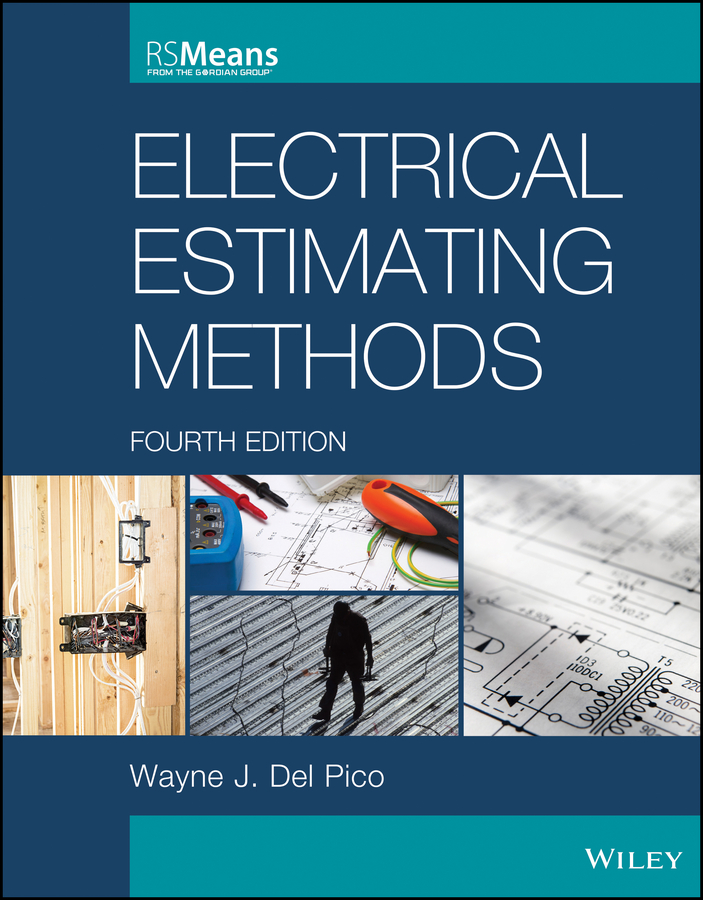
Electrical Estimating Methods Simplify the estimating process with the latest data, materials, and practices Electrical Estimating Methods, Fourth Edition is a comprehensive guide to estimating electrical costs, with data provided by leading construction database RS Means. The book covers the materials and processes encountered by the modern contractor, and provides all the information professionals need to make the most precise estimate. The fourth edition has been updated to reflect the changing materials, techniques, and practices in the field, and provides the most recent Means cost data available. The complexity of electrical systems can make accurate estimation difficult, but this guide contains all the necessary information in one place. An electrical estimate represents the total cost for materials, labor, overhead and profit, but accuracy is virtually impossible without a basic knowledge of the field, and real-world experience in the type of work required. Inaccurate estimates lead to problems with customer satisfaction, which often create payment issues. A thorough, complete, and accurate estimate is in the best interest of all parties involved in the work. Electrical Estimating Methods provides more than just data. Detailed discussions about the work itself help highlight factors that may escape notice, and access to the latest cost data helps tie everything together. Features include: Discussion of current equipment, materials, and processes Means data for both residential and commercial projects Case studies that illustrate best practices Online access to the latest Means data for fast access on the job The book discusses specific situations as well as general practices, and provides comprehensive guidance to the creation of a true, current, estimation of costs. For electrical contractors and estimators, Electrical Estimating Methods contains must-have content that simplifies the estimating process. TECHNOLOGY & ENGINEERING,Construction,Electrical
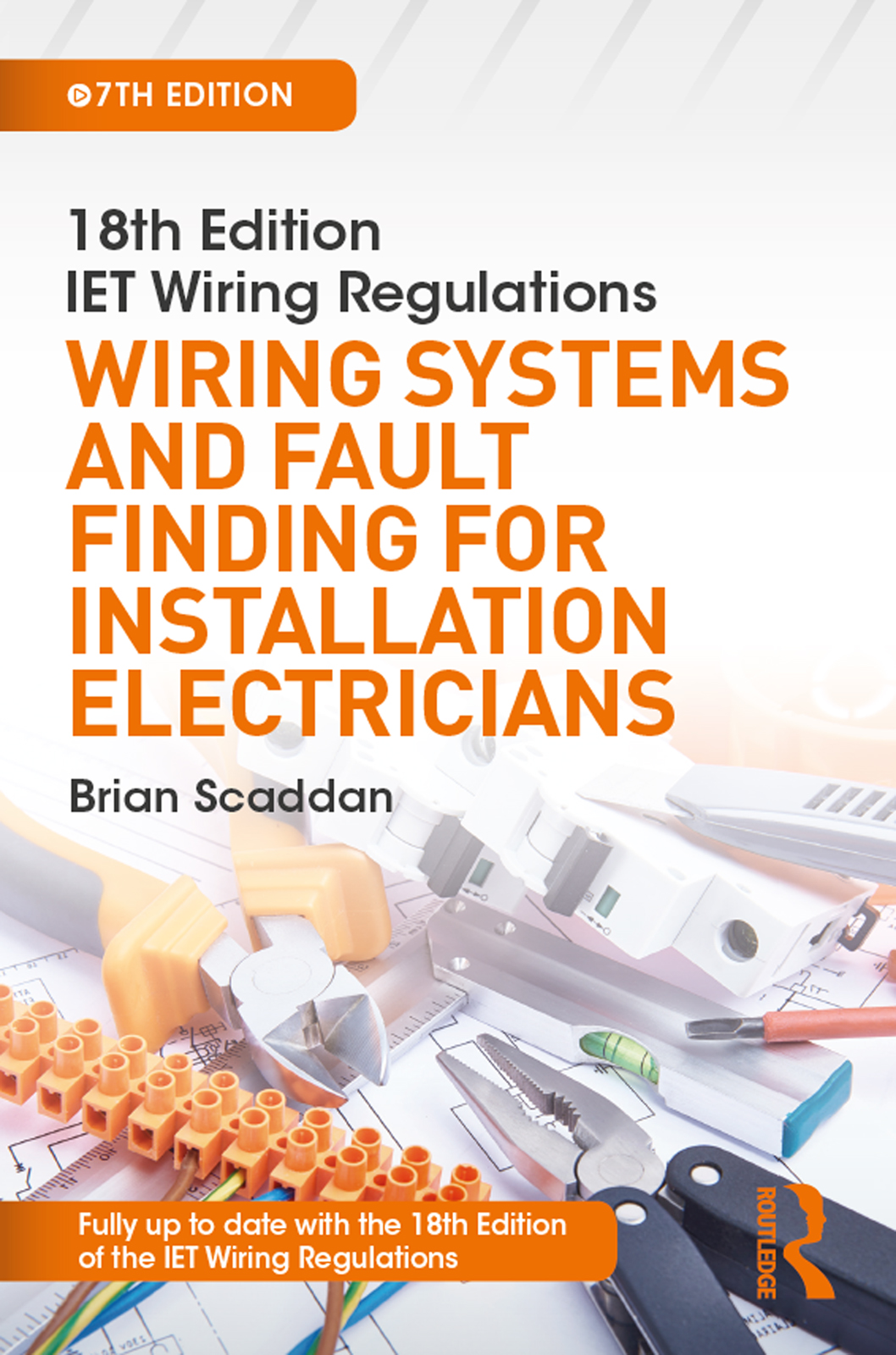
IET Wiring Regulations This book deals with an area of practice that many students and non-electricians find particularly challenging. It explains how to interpret circuit diagrams and wiring systems, and outlines the principles of testing before explaining how to apply this knowledge to fault finding in electrical circuits. A handy pocket guide for anybody who needs to be able to trace faults in circuits, whether in domestic, commercial or industrial settings, this book will be extremely useful to electricians, plumbers, heating engineers and intruder alarm installers. Fully up to date with the 18th Edition IET Wiring Regulations 2018. Covers all the principles and practice of testing and fault diagnosis in a way that is clear for students and non-electricians. Expert advice from an engineering training consultant, supported with colour diagrams and key data. TECHNOLOGY & ENGINEERING,Construction,Electrical
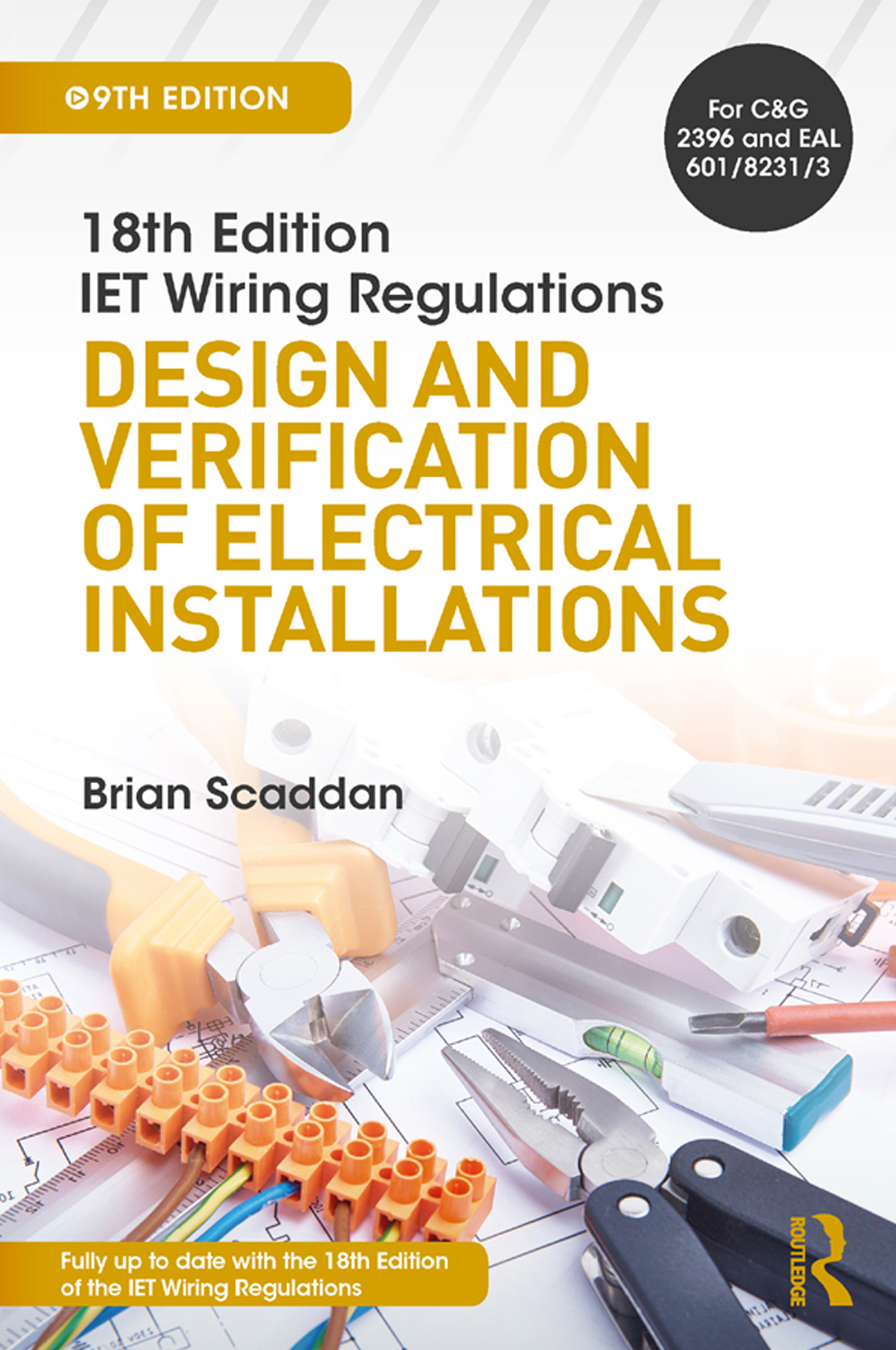
IET Wiring Regulations This popular guide provides an understanding of basic design criteria and calculations, along with current inspection and testing requirements and explains how to meet the requirements of the IET Wiring Regulations. The book explains in clear language those parts of the regulations that most need simplifying. There are common misconceptions regarding bonding, voltages, disconnection times and sizes of earthing conductors. This book clarifies the requirements and outlines the correct procedures to follow. This provides an affordable reference for all electrical contractors, technicians and other workers involved in designing and testing electrical installations. The content covers the requirements for both City & Guilds and EAL courses, and contains sample exam questions and answers. It also makes an ideal revision guide. Fully up to date with the 18th Edition of IET Wiring Regulations. Simplifies the advice found in the Wiring Regulations, explaining what they mean in actual working practice for design and testing. Expert advice from an engineering training consultant, supported with colour diagrams, examples and key data. TECHNOLOGY & ENGINEERING,Construction,Electrical

IET Wiring Regulations This popular guide focuses on common misconceptions in the application of the IET Wiring Regulations. It explains in clear language those parts of the regulations that most need simplifying, outlining the correct procedures to follow and those to avoid. Emphasis has been placed on areas where confusion and misinterpretation are common, such as earthing and bonding, circuit design and protection, and in particular the increased use of RCDs. With the content covering the requirements of both City & Guilds and EAL courses and containing sample exam questions and answers, this book is also an ideal revision guide. TECHNOLOGY & ENGINEERING,Construction,Electrical

IET Wiring Regulations This popular guide clarifies the requirements for inspection and testing, explaining in clear language those parts of the IET Wiring Regulations that most need simplifying. In addition to the descriptive and diagrammatic test methods that are required, explanations of the theory and reasoning behind test procedures are given, together with useful tables for the comparison of test results. The book also provides essential information on the completion of electrical installation certificates, with a step-by-step guide on the entries that need to be made and where to source data. With the content suitable for both City & Guilds and EAL Inspection and Testing courses and containing a sample MCQ paper and answers, it is also an ideal revision guide. Fully up to date with the latest amendments to the 18th Edition of the IET Wiring Regulations. Simplifies the advice found in the Wiring Regulations, explaining how they apply to working practice for inspection, testing and certification. Expert advice from an engineering training consultant, supported with colour diagrams, examples and key data. TECHNOLOGY & ENGINEERING,Construction,Electrical

Spon's House Improvement Price Book Especially written for contractors and small businesses carrying out small works, Spon's House Improvement Price Guide contains accurate information on thousands of rates, each broken down to labour, material overheads and profit. TECHNOLOGY & ENGINEERING,Construction,Estimating

Spon's Architect's and Builders' Price Book 2016 Strong output demand over the last year has stretched the industry. The issues are being felt by all firms across the delivery chain – from clients to subcontractors. Capacity constraints almost always manifest themselves in prices. Increased tender prices have become the primary symptom of these supply-side issues. The main driver of new work output growth over the last 18 months is slowing. Both the public and private housing sectors are quickly reversing all of their recent upward trends when looked at on a yearly growth basis. The counterpoint to this is that the yearly growth figures are still positive, meaning that new work continues to flow. SPON’S ARCHITECTS’ AND BUILDERS’ PRICE BOOK 2016, compiled by AECOM, still provides the most accurate, detailed and professionally relevant construction price information for the UK. Its unique Tender Index, updated through the year, gives an ongoing reality check and allows you to adjust for changing market conditions. Although it suits a wide range of project sizes, this is the only price book which sets out a detailed cost base for contracts exceeding £3,500,000 in value. Use the access code inside the front cover of the book to get set up with internet access to this 2016 edition until the end of December 2016. We now provide SPON’S Online, a versatile and powerful online data viewing package -- online or offline on your PC/Mac, smartphone or tablet. You can browse and search the content across all the price books you own, make notes and highlights and share these notes with other users. Major changes have been made to this 141st edition: For the first time, plant prices have been separated out in the measured works section. As well as an overhaul of prices, several new items have been added, including: Two new cost models for a stand-alone private patient ward within a larger hospital complex, and an extra care home An expanded range of ACO drainage channels Precast concrete ‘Perfect Manholes’ by CPM Shower-wall laminated panelling walling An expanded range of architectural pre-finished blockwork … along with the standard features you have come to expect from SPON’S ARCHITECTS’ AND BUILDERS’ PRICE BOOK: 20,000 prices for the most frequently specified items, the majority with labour constants and detailed build-ups. Hundreds of alternative materials prices for the more unusual items. Detailed guidance on wage rates, daywork, cost limits and allowances, property insurance and professional fees, plus useful formulae, design criteria and trade association addresses. Updated, free of charge, two or three times a year – see inside for registration details. Updates are available online at www.pricebooks.co.uk Other titles in the Spon’s Price Book Series: SPON’S MECHANICAL AND ELECTRICAL SERVICES PRICE BOOK 2016 SPON’S CIVIL ENGINEERING AND HIGHWAY WORKS PRICE BOOK 2016 SPON’S EXTERNAL WORKS AND LANDSCAPE PRICE BOOK 2016 TECHNOLOGY & ENGINEERING,Construction,Estimating
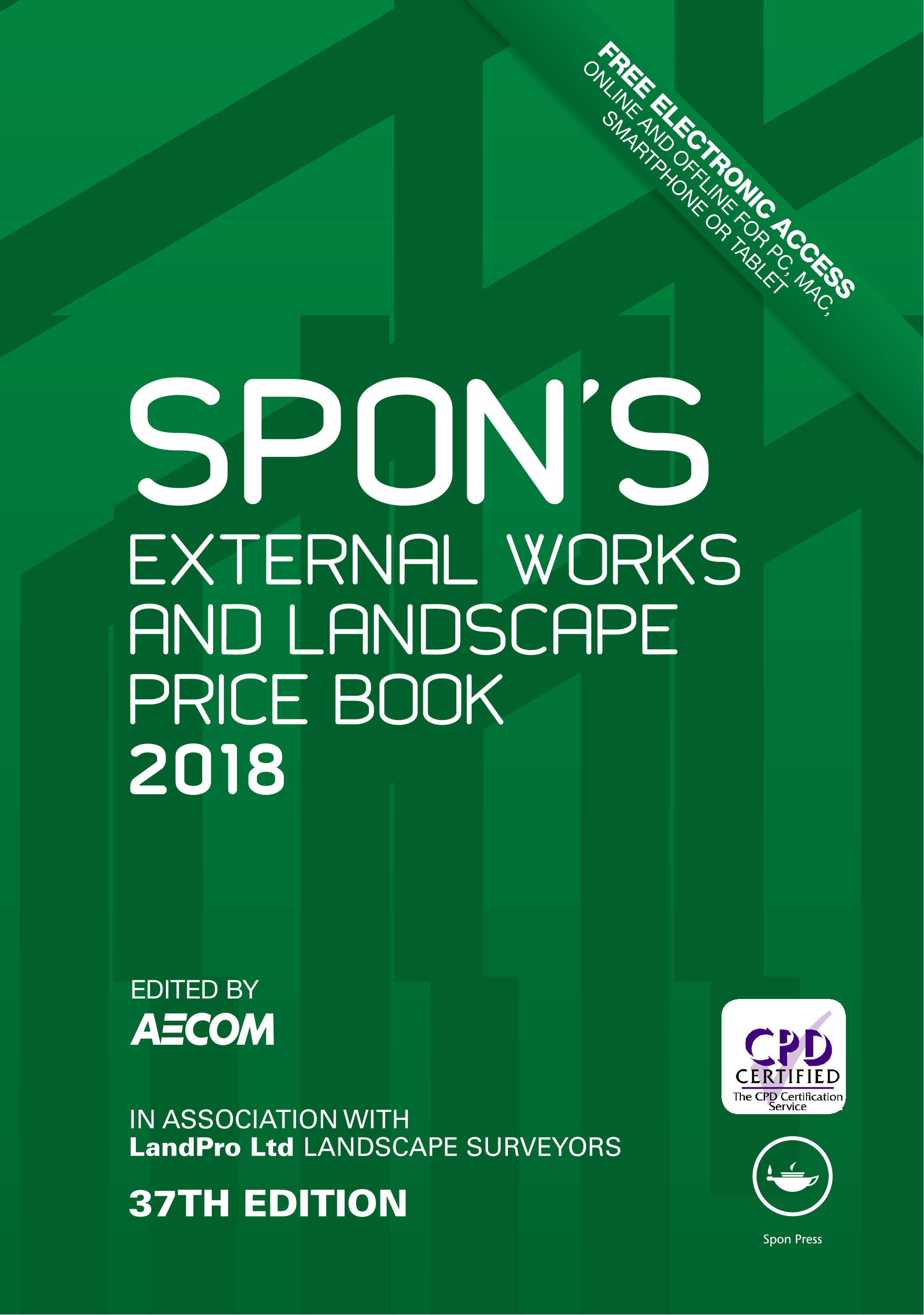
Spon's External Works and Landscape Price Book 2018 This year the rates in the book include contractor’s overheads and profit, making the book easier for design and planning professionals. Now in its 37th edition, Spon's External Works and Landscape Price Book 2018 offers the only comprehensive source of information for detailed external works and landscape costs. It covers all the items to be found in hard and soft landscape contracts, and forms an indispensable reference book for quantity surveyors, landscape architects, contractors and local authority managers – essential for compiling estimates, specifications, bills of quantities and works schedules – no matter what the size of the project being undertaken. Use the access code inside the front cover of the book to get set up with a VitalSource® ebook of this 2018 edition. This versatile and powerful online data viewing package is available for use until the end of December 2018. This NRM edition includes the following new items: BEGA external lighting Build-ups for Wienerberger Dutch paving bricks SUDS paving Alternative french drainage systems Pop-up power Porcelain paving Portland stone paving Portland stone walls and cladding And new Cost Models for commercial housing and civic environments. All the standard features that you expect from SPON'S EXTERNAL WORKS AND LANDSCAPE PRICE BOOK remain: material and measured work prices covering contract items from preliminaries and site clearance and encompassing the core external works activities with full breakdowns into labour, materials and other components detailed guidance on wage rates, landscape consultants’ fee scales an extensive Approximate Estimates section for rapid spot estimating updates, free of charge, two or three times a year – see inside for registration details. Updates are available online at www.pricebooks.co.uk TECHNOLOGY & ENGINEERING,Construction,Estimating
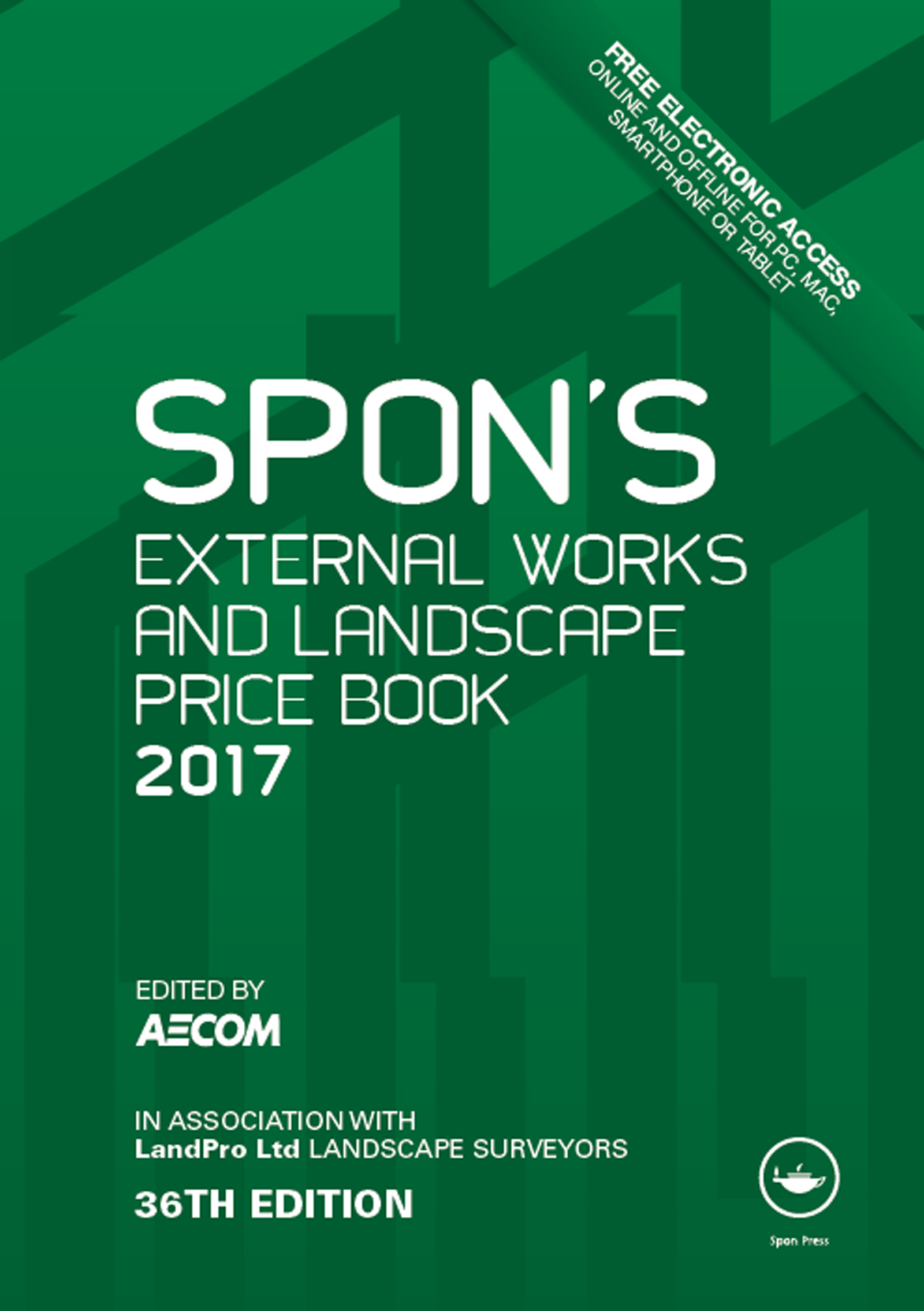
Spon's External Works and Landscape Price Book 2017 A general upgrade, with good external works site cost models, strong on composite items and more measured works. Now in its 36th edition, Spon's External Works and Landscape Price Book 2017 offers the only comprehensive source of information for detailed external works and landscape costs. It covers all the items to be found in hard and soft landscape contracts, and forms an indispensable reference book for quantity surveyors, landscape architects, contractors and local authority managers – essential for compiling estimates, specifications, bills of quantities and works schedules – no matter what the size of the project being undertaken. Use the access code inside the front cover of the book to get set up with internet access to this 2017 edition until the end of December 2017. We now provide a VitalSource® ebook, giving a versatile and powerful online data viewing package . This NRM edition includes the following new and significantly developed items: Acoustic fencing Architectural metalwork Block and beam systems Culverts Deep Concrete manholes to 3 m Headwalls Pre-cast steps New retaining walls And green roofs and sportsfields have now been broken down into details, rather than presented as a lump sum. All the standard features that you expect from SPON'S EXTERNAL WORKS AND LANDSCAPE PRICE BOOK remain: material and measured work prices covering contract items from preliminaries and site clearance and encompassing the core external works activities with full breakdowns into labour, materials and other components detailed guidance on wage rates, landscape consultants’ fee scales an extensive Approximate Estimates section for rapid spot estimating updated, free of charge, two or three times a year – see inside for registration details. Updates are available online at www.pricebooks.co.uk. TECHNOLOGY & ENGINEERING,Construction,Estimating
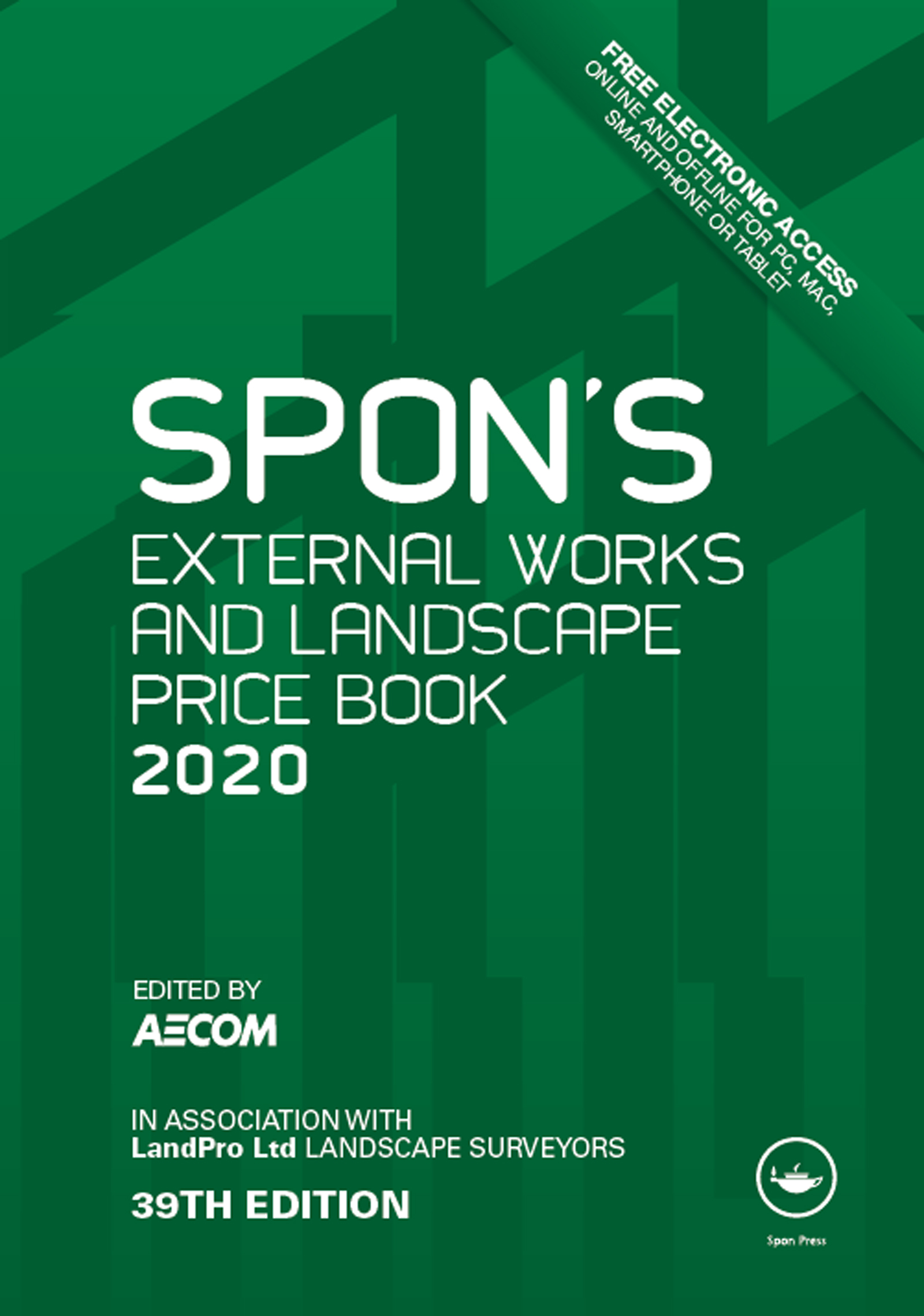
Spon's External Works and Landscape Price Book 2020 Now in its 39th edition, Spon's External Works and Landscape Price Book 2020 offers the only comprehensive source of information for detailed external works and landscape costs. It covers all the items to be found in hard and soft landscape contracts, and forms an indispensable reference book for quantity surveyors, landscape architects, contractors and local authority managers – essential for compiling estimates, specifications, bills of quantities and works schedules – no matter what the size of the project being undertaken. Use the access code inside the front cover of the book to get set up with an ebook of this 2020 edition on the VitalSource® Bookshelf platform, available for access and use until the end of December 2020. This NRM edition provides a detailed breakdown of preliminaries in a series of cost models for different projects It also Includes several new items: Recycled versions of a number of landscape materials and systems – especially retaining walls, fencing and barriers, ground protection grids, and street furniture; New equipment for playgrounds Aggregates Haddonstone balustrades, and New flag and block product ranges of Marshalls paving, especially permeable formats All the standard features that you expect from SPON'S EXTERNAL WORKS AND LANDSCAPE PRICE BOOK remain: - material and measured work prices covering contract items from preliminaries and site clearance and encompassing the core external works activities with full breakdowns into labour, materials and other components - detailed guidance on wage rates, landscape consultants’ fee scales - an extensive Approximate Estimates section for rapid spot estimating - updates, free of charge, twice a year – see inside for registration details. Updates are available online at www.pricebooks.co.uk TECHNOLOGY & ENGINEERING,Construction,Estimating
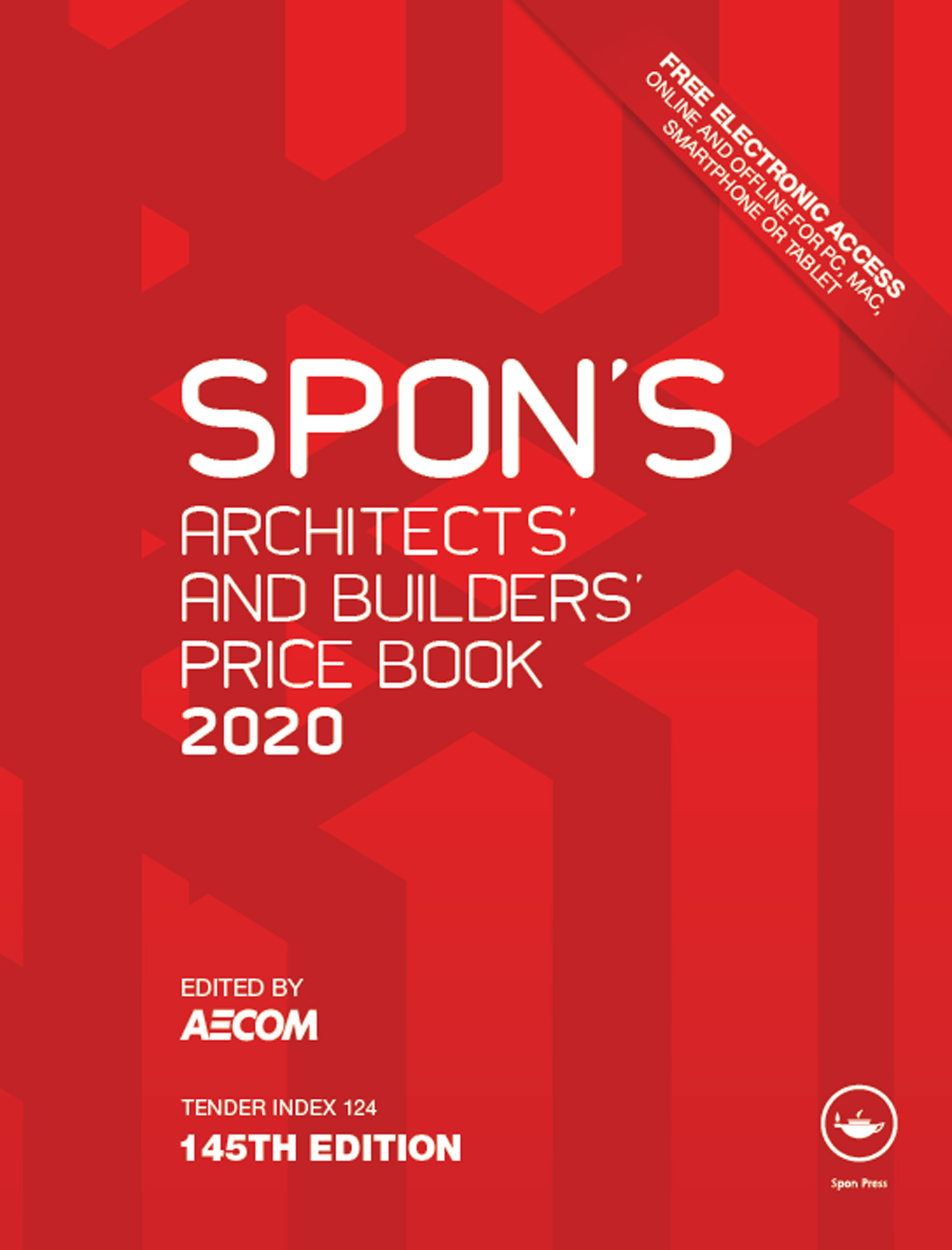
Spon's Architects' and Builders' Price Book 2020 SPON’S ARCHITECTS’ AND BUILDERS’ PRICE BOOK 2020, compiled by AECOM, still provides the most accurate, detailed and professionally relevant construction price information for the UK. Its unique Tender Index, updated through the year (2015 = 100), gives an ongoing reality check and allows you to adjust for changing market conditions. Although it suits a wide range of project sizes, this is the only price book which sets out a detailed cost base for contracts exceeding £4,000,000 in value. Use the access code inside the front cover of the book to get set up with an ebook of this 2020 edition on the VitalSource® Bookshelf platform, available for access and use until the end of December 2020. As well as an overhaul of prices, several new items have been added, including: a mental health cost model a primary health care cost model expanded ranges of entrance matwells and of Forticrete blocks … along with the standard features you have come to expect from SPON’S ARCHITECTS’ AND BUILDERS’ PRICE BOOK: 20,000 prices for the most frequently specified items, the majority with labour constants and detailed build-ups Hundreds of alternative materials prices for the more unusual items Detailed guidance on wage rates, daywork, cost limits and allowances, property insurance and professional fees, plus useful formulae, design criteria and trade association addresses Updates, free of charge, twice a year – see inside for registration details. Updates are available online at www.pricebooks.co.uk TECHNOLOGY & ENGINEERING,Construction,Estimating
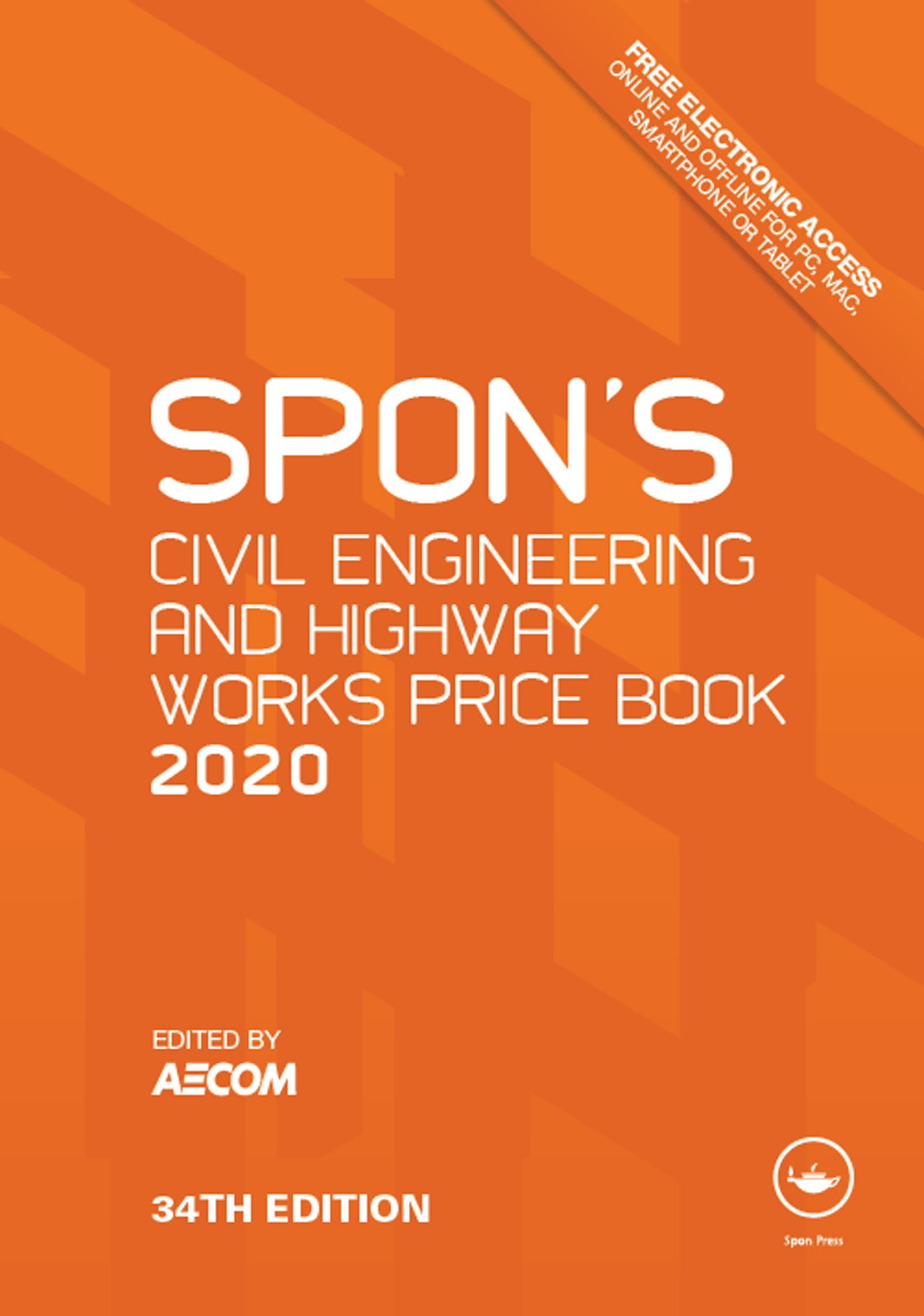
Spon's Civil Engineering and Highway Works Price Book 2020 SPON'S CIVIL ENGINEERING AND HIGHWAY WORKS PRICE BOOK 2020 from AECOM gives costs for both general and civil engineering works and highway works. It provides a full breakdown of labour, plant and material elements, with labour rates updated. cost guidance is given at a number of levels, varying from the more general functional costs to detailed resource costing, and in conformity with CESMM4 and the Highways Method of Measurement. This 34th edition gives a strong development of prices for excavations and rail, and a general overhaul of prices through the book. Use the access code inside the front cover of the book to get set up with an ebook of this 2020 edition on the VitalSource® Bookshelf platform, available for access and use until the end of December 2020. In a time when it is essential to gain 'competitive advantage' in a sometimes turbulent market, this price book provides instant-access cost information and forms a one-stop reference. … along with the standard features you have come to expect from SPON'S CIVIL ENGINEERING AND HIGHWAY WORKS PRICE BOOK: for budgeting: estimating principles, on-cost advice, method-related charges for resource costings: labour costs, plant costs, material prices for rapid cost information: approximate estimates, dayworks, cost indices for plant and labour allowances: production rates, outputs, man hour constants for detailed pricing: unit costs with full breakdown, or specialist prices, with advice on item coverage, waste allowances and comparative costs for incidental advice: tables and formulae, technical information, professional advice updates, free of charge, twice a year – see inside for registration details. Updates are available online at www.pricebooks.co.uk TECHNOLOGY & ENGINEERING,Construction,Estimating
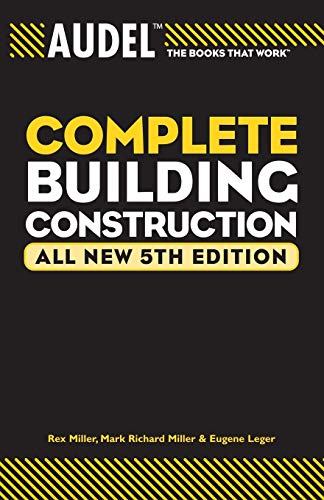
Audel Complete Building Construction You can build on this foundation Whether construction is your livelihood or you're just planning a home addition, you need to know the latest about materials, methods, and more. From locating the structure on the site to installing roof shingles, this book helps you make responsible decisions about every stage of building construction. Fully updated with information about available resources, new materials, and recent code changes, it helps you build cost-effective, energy-efficient structures with confidence. * Understand how different types of lots, covenants, and zoning will affect structure placement * Consider the Air Freezing Index and Degree Days when planning foundations * Look at the pros and cons of welded wire fabric in concrete work * Explore low-E window glass, heat mirror, and switchable glazings * Find out what insulation and ventilation procedures are most effective * Learn about the properties of Gypsonite(TM) and FiberBond(TM) in interior construction * Handle the radon hazard and other environmental issues TECHNOLOGY & ENGINEERING,Construction,General

Brickwork for Apprentices Brickwork for Apprentices has been the established reference on brickwork for generations of bricklayers. Continuously in print since 1944, John Hodge’s classic text has now been fully revised in its fifth edition by Malcolm Thorpe – who acted as a CITB Advisor and was involved in the draughting of the Intermediate Construction Award syllabus (bricklaying route) – to cover the brickwork craft-related units of the latest Construction Awards and related Trowel Occupations NVQs from CITB / City & Guilds at Levels 2 and 3. The fifth edition incorporates extended coverage on the relatively new area of thin joint systems, to match the latest industry-based requirements and technical developments in the field. Content has been brought fully in line with recent changes to the Building Regulations, ensuring that this text will remain an essential reference for qualified bricklayers and other professionals working in the construction industry, as well as NVQ students new to the industry and wishing to embark on a career in bricklaying. A new feature in this edition is the inclusion of multiple choice questions at the back of the book, matched to the current NVQ requirements, to provide students of the CITB / City & Guilds Trowel Occupations NVQs with essential practice and revision for exam preparation. TECHNOLOGY & ENGINEERING,Construction,General

Carpentry and Joinery 1 The third edition of Carpentry and Joinery 1 is the first in a series of three books which together provide an authoritative but thoroughly practical guide to carpentry and joinery for students following City & Guilds and CITB courses, NVQ candidates, and a wide range of amateurs and professionals. Carpentry and Joinery 1 deals with the fundamentals of the subject from topics such as timber and wood preservation and protection, to a detailed outline of the tools available and information on the basic woodworking joints, adhesives and fixing devices. Books 2 and 3 show how to apply this fundamental knowledge. Details of craft theory, associated studies and practical procedures are integrated throughout each text. In this new edition chapters have been reorganised to produce a more coherent, student-focused course. All references to the Building Regulations and current legislation have been updated, and developments in current best practice have been incorporated. TECHNOLOGY & ENGINEERING,Construction,General
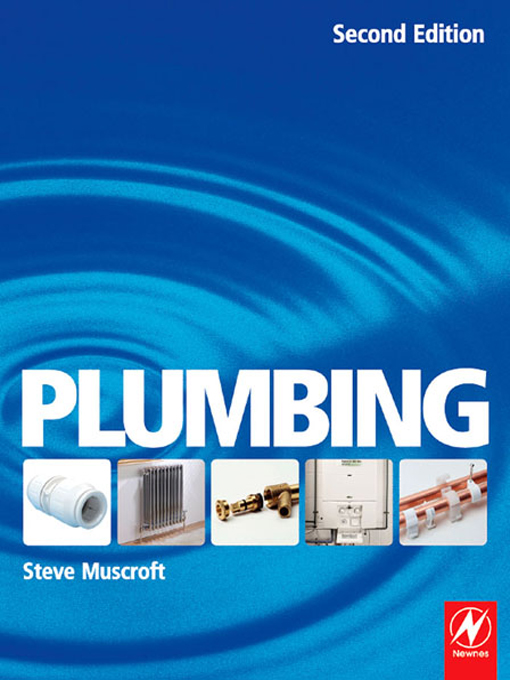
Plumbing Students setting out for a career in plumbing need a clear, concise and comprehensive textbook to help them study for their Technical Certificate and Level 2 NVQ – and this book meets all those needs. Steve Muscroft expertly guides you through each of the key areas and processes in plumbing, from the basics through cold and hot water systems to health and safety and best practice on site. The best way to learn something is to do it for yourself – so along with the theory this book is full of practical advice and guidance on how to get the job done. Every chapter is packed with colour photographs and diagrams to make learning easier. To help reinforce understanding each section features self-test exercises based on the standard City and Guilds assessment method. Steve Muscroft’s Plumbing isn’t just a guide to passing the exam – it goes into much more detail than other textbooks, Extra material on key topics outside the core syllabus, and references to additional resources and organisations make this book a handy companion as you begin your plumbing career. For the price of a spanner, can you afford to be without it! TECHNOLOGY & ENGINEERING,Construction,General
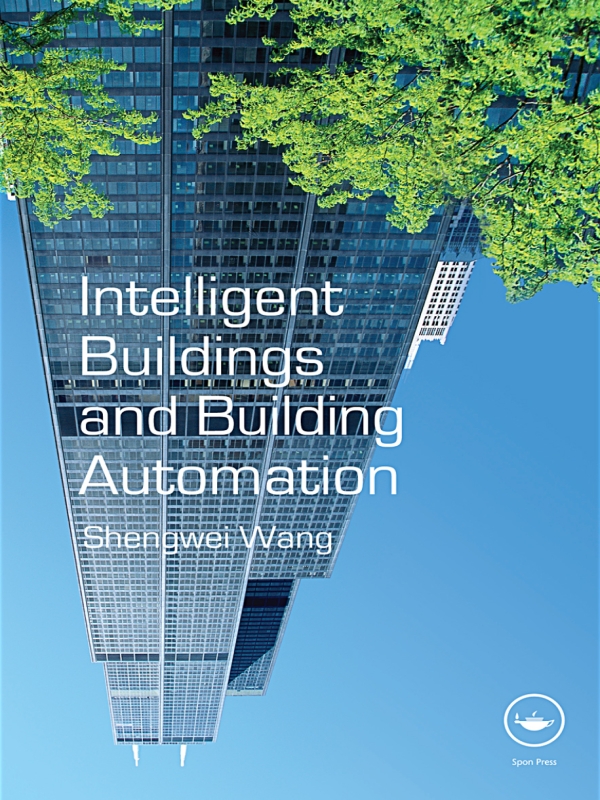
Intelligent Buildings and Building Automation Giving you a combination of general principles, applied practice and information on the state-of-the-art, this book will give you the information you need to incorporate the latest systems and technologies into your building projects. It focuses on a number of important issues, such as: Network communication protocols and standards, including the application of the internet. The integration and interfacing of building automation subsystems and multiple building systems. Local and supervisory control strategies for typical building services systems. The automation system configuration and technologies for air-conditioning control, lighting system control, security and access control, and fire safety control. Whether you’re a project manager or engineer planning the systems set-up for a high value building, or a building engineering or management student looking for a practical guide to automation and intelligent systems, this book provides a valuable introduction and overview. TECHNOLOGY & ENGINEERING,Construction,General

Introduction to Building Procurement The procurement stage of the building process is critical to the success of any building project, and as such must be understood by everybody entering the industry. Introduction to Building Procurement is designed to familiarize the novice with the principles and methods of building procurement, starting at the most basic level. With chapter summaries and tutorial questions provided throughout the book, the reader will get to grips with the following topics: the structure of the construction industry the nature of clients the historical development of building procurement methods the roles and responsibilities carried out in any project. Having developed the necessary background knowledge, the reader is then introduced to the more complex aspects of procurement in detail, such as: methods of paying contractors the main procurement routes in use standard forms of contract. The concluding chapter discusses emerging procurement trends, and speculates on future developments to bring the reader right up to speed with the modern industry. With its clear layout and highly accessible approach, Introduction to Building Procuremen is the perfect introductory text for undergraduate students and professionals starting out on a career in quantity surveying, construction project management or construction commercial management. TECHNOLOGY & ENGINEERING,Construction,General

Global Claims in Construction In recent years, a number of global claims have failed because they were presented without any systematic analysis, justification or proper calculation of losses. Hence, Global Claims in Construction highlights these issues as well as the importance of understanding causation, factual necessity and the courts’ attitude and approach to global claims. Global Claims in Construction addresses the principles of global claims and their calculation methodologies in detail through extensive references to literature, case law and a real world case study. It aims to be a valuable resource for professionals working in the construction industry, as well as students in construction and engineering. TECHNOLOGY & ENGINEERING,Construction,General
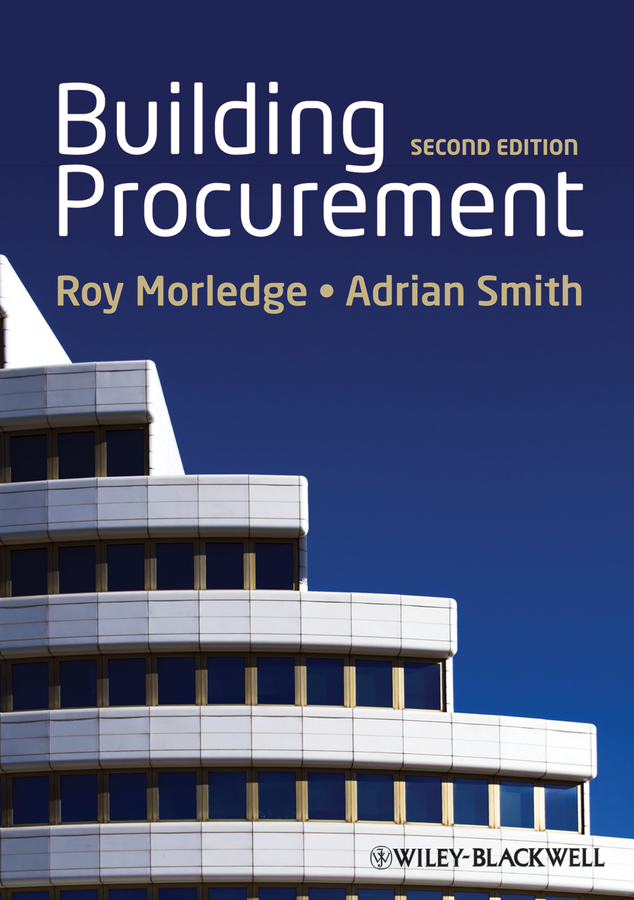
Building Procurement As an industrial process, construction is unique in that the method of procurement of any built asset (building, infrastructure or process plant) defines many of the subsequent management processes that take place during the building phase – a very different situation to the purchase of goods and services in most other industries. The procurement process is therefore central to the success of any construction project and many of the problems which impact construction projects can be traced back to the procurement phase, so a good understanding of the methods of procurement and the influence it has on project success is essential for all those working in the industry. Much has changed in the global construction industry since publication of the first edition of Building Procurement, for example the global liquidity & banking crisis and the debt burden of many major economies. This new edition has been rewritten to take account of these significant developments, but at its core it continues to provide a critical examination and review of current procurement practices in the UK, continental Europe (including EU procurement procedures), China and the USA. It retains its original strong emphasis on the need for clients to establish achievable objectives which reflect the project business case and focuses on development of suitable strategies and management structures to meet those objectives in the current construction climate. Building Procurement will be essential reading for senior undergraduate and postgraduate students of construction management and practitioners working in all areas of construction management. Review of the first edition "...a thorough and comprehensive investigation of building procurement..." Construction Management and Economics TECHNOLOGY & ENGINEERING,Construction,General

Modern Construction Management This new edition of a core undergraduate textbook for construction managers reflects current best practice, topical industry preoccupations and latest developments in courses and fundamental subjects for students. While the construction process still requires traditional skills, changes over recent decades today demand improved understanding of modern business, production and contractual practices. The authors have responded accordingly and the book has undergone a thorough re-write, eliminating some of the older material and adding new processes now considered essential to achieving lean construction. Particular emphasis is given, for example, to supply chains and networks, value and risk management, BIM, ICT, project arrangements, corporate social responsibility, training, health and welfare and environmental sustainability. Modern Construction Management presents construction as a socially responsible, innovative, carbon-reducing, manager-involved, people-orientated, crisis-free industry that is efficient and cost effective. The overall themes for the Seventh Edition are: Drivers for efficiency: lean construction underpinning production management and off-site production methods. Sustainability: reflecting the transition to a low carbon economy. Corporate Social Responsibility: embracing health & safety, modernistic contracts, effective procurement, and employment issues. Building Information Management: directed towards the improvement of construction management systems. The comprehensive selection of worked examples, based on real and practical situations in construction management and methods will help to consolidate learning. A companion website at www.wiley.com/go/MCM7 offers invaluable support material for both tutors and students: Solutions to the self-learning exercises PowerPoint slides with discussion topics Journal and web references Structured to reflect site, business and corporate responsibilities of managers in construction, the book continues to provide strong coverage of the salient elements required for developing and equipping the modern construction manager with the competencies and skills for both technical and business related areas. TECHNOLOGY & ENGINEERING,Construction,General

Theory of Structures This book provides the reader with a consistent approach to theory of structures on the basis of applied mechanics. It covers framed structures as well as plates and shells using elastic and plastic theory, and emphasizes the historical background and the relationship to practical engineering activities. This is the first comprehensive treatment of the school of structures that has evolved at the Swiss Federal Institute of Technology in Zurich over the last 50 years. The many worked examples and exercises make this a textbook ideal for in-depth studies. Each chapter concludes with a summary that highlights the most important aspects in concise form. Specialist terms are defined in the appendix. There is an extensive index befitting such a work of reference. The structure of the content and highlighting in the text make the book easy to use. The notation, properties of materials and geometrical properties of sections plus brief outlines of matrix algebra, tensor calculus and calculus of variations can be found in the appendices. This publication should be regarded as a key work of reference for students, teaching staff and practising engineers. Its purpose is to show readers how to model and handle structures appropriately, to support them in designing and checking the structures within their sphere of responsibility. TECHNOLOGY & ENGINEERING,Construction,General

Structural Timber Design to Eurocode 5 Structural Timber Design to Eurocode 5 provides practising engineers and specialist contractors with comprehensive, detailed information and in-depth guidance on the design of timber structures based on the common rules and rules for buildings in Eurocode 5 – Part 1-1. It will also be of interest to undergraduate and postgraduate students of civil and structural engineering. It provides a step-by-step approach to the design of all of the commonly used timber elements and connections using solid timber, glued laminated timber or wood based structural products, and incorporates the requirements of the UK National Annex. It covers: strength and stiffness properties of timber and its reconstituted and engineered products key requirements of Eurocode 0, Eurocode 1 and Eurocode 5 – Part 1-1 design of beams and columns of solid timber, glued laminated, composite and thin-webbed sections lateral stability requirements of timber structures design of mechanical connections subjected to lateral and/or axial forces design of moment resisting rigid and semi-rigid connections racking design of multi-storey platform framed walls Featuring numerous detailed worked examples, the second edition has been thoroughly updated and includes information on the consequences of amendments and revisions to EC5 published since the first edition, and the significant additional requirements of BSI non contradictory, complimentary information document (PD 6693-1-1) relating to EC5. The new edition also includes a new section on axial stress conditions in composite sections, covering combined axial and bending stress conditions and reference to the major revisions to the design procedure for glued laminated timber. TECHNOLOGY & ENGINEERING,Construction,General
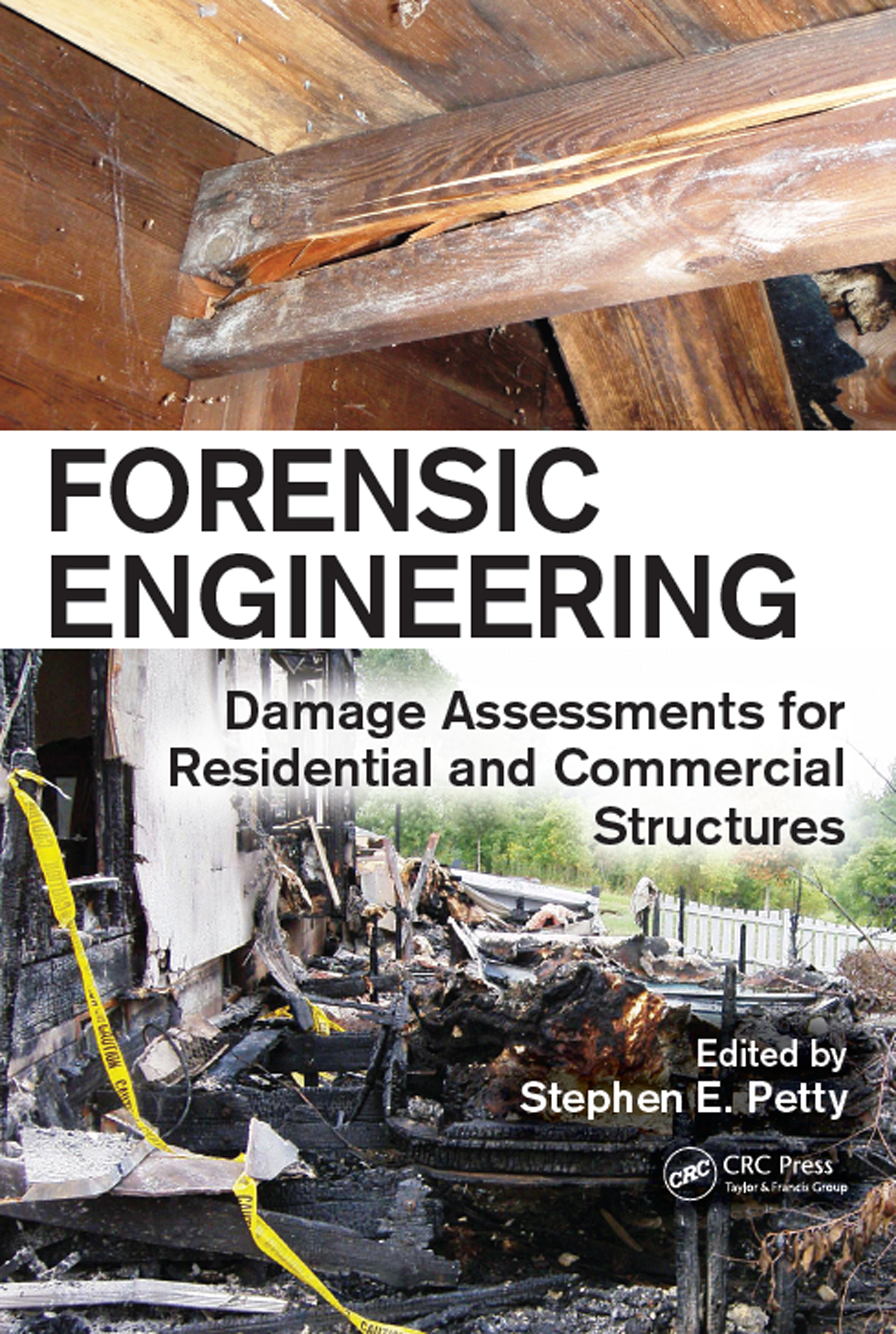
Forensic Engineering A comprehensive resource that builds a bridge between engineering disciplines and the building sciences and trades, Forensic Engineering: Damage Assessments for Residential and Commercial Structures provides an extensive look into the world of forensic engineering. With a focus on investigations associated with insurance industry claims, the book describes methodologies for performing insurance-related investigations including the causation and origin of damage to residential and commercial structures and/or unhealthy interior environments and adverse effects on the occupants of these structures. Edited by an industry expert with more than 30 years of experience, and authors with more than 100 years of experience in the field, the book takes the technical aspects of engineering and scientific principles and applies them to real-world issues in a non-technical manner. It provides readers with the experiences, investigation methodologies, and investigation protocols used in, and derived from completing thousands of forensic engineering investigations. It begins with providing a baseline methodology for completing forensic investigations and closes with advice on testifying as an expert witness. Much of what must be known in this field is not learned in school, but is based upon experience since recognizing the cause of a building system failure requires a blending of skills from the white collar and blue collar worlds. Such knowledge can be vital since failures (e.g., water entry) often result from construction activities completed out of sequence.. This book details proven methodologies based on over 7,000 field investigations, methodologies which can be followed by both professionals and laymen alike. TECHNOLOGY & ENGINEERING,Construction,General
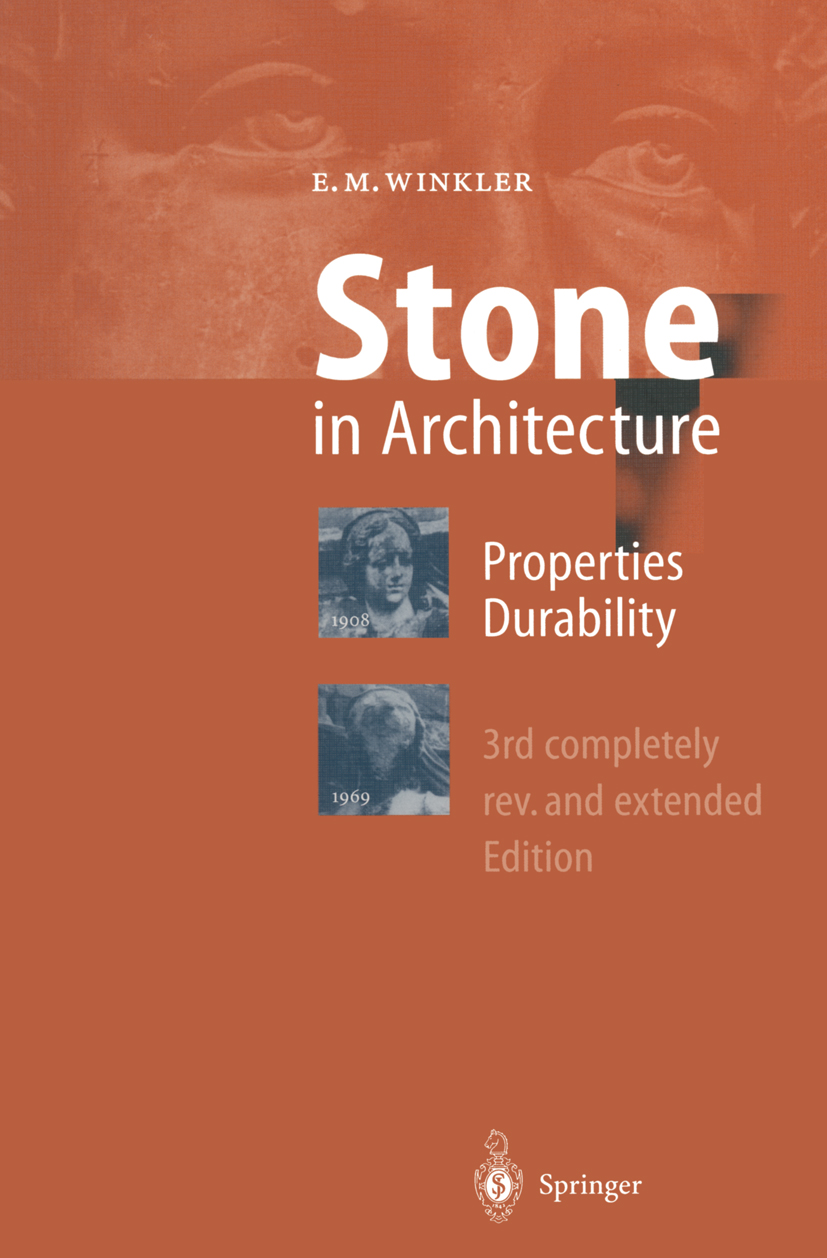
Stone in Architecture The readers of the first two editions of Stone: Properties, Durabi lity in Man's Environment, were mostly architects, restoration architects of buildings and monuments in natural stone, profes sionals who sought basic technical information for non-geologists. The increasing awareness of rapidly decaying monuments and their rescue from loss to future generations have urged this writer to update the 1973 and 1975 editions, now unavailable and out of print. Due to the 20-year-Iong interval, extensive updating was necessary to produce this new book. The present edition concentrates on the natural material stone, as building stone, dimension stone, architectural stone, and decorative field stones. Recently, the use of stone for thin curtain walls on buildings has become fashionable. The thin slabs exposed to anew, unknown complexity of stresses, resulting in bowing of crystalline marble, has attracted much negative pUblicity. The costs of replacing white slabs of marble on entire buildings with its legal implications have led construction com panies into bankruptcy. We blame many environmental problems on acid rain. Does acid rain really accelerate stone decay that much? Stone preservation is being attempted with an ever-increasing number of chemicals applied by as many specialists to save crumbling stone. Chemists filled this need during a time of temporary job scarcity, while the general geologist missed this opportunity; he was too deeply involved in the search for fossil fuels and metals. TECHNOLOGY & ENGINEERING,Construction,General
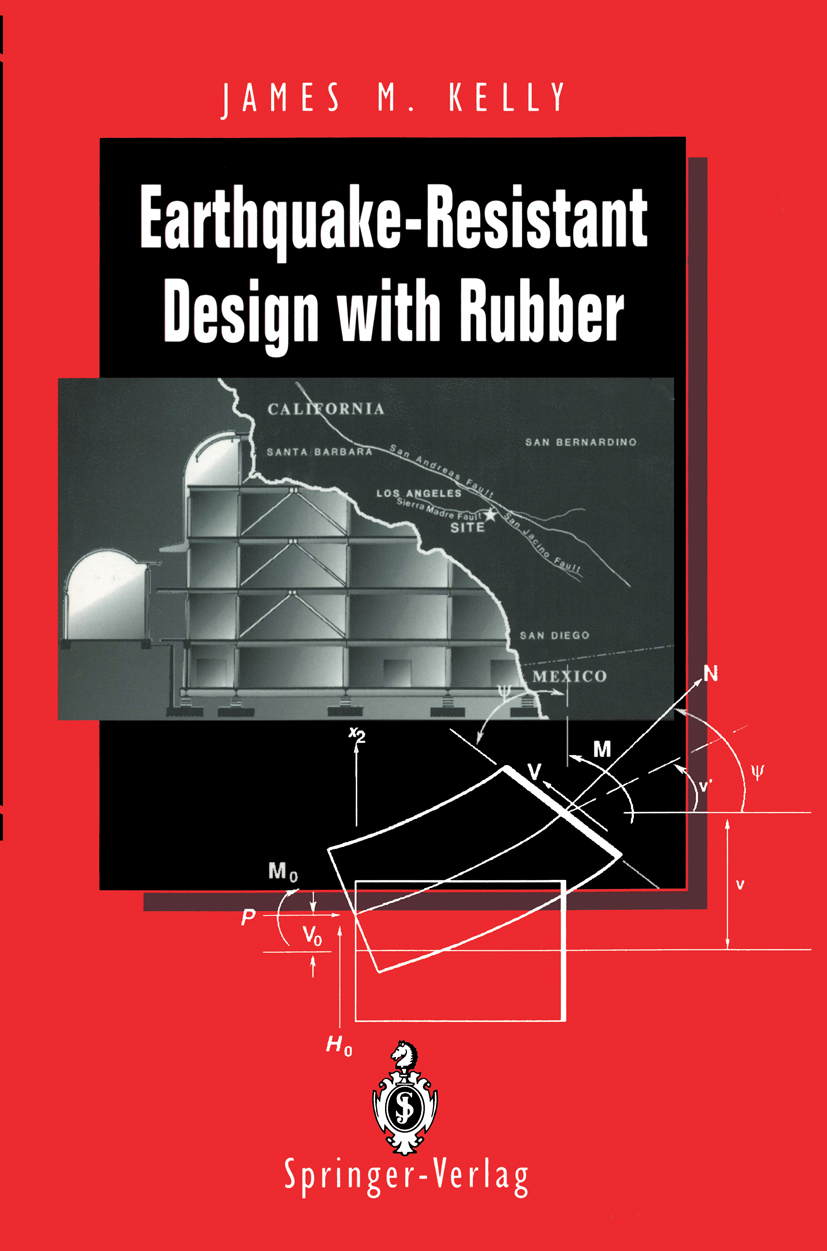
Earthquake-Resistant Design with Rubber My involvement in the use of natural rubber as a method for the protec 1976. At that time, tion of buildings against earthquake attack began in I was working on the development of energy-dissipating devices for the same purpose and had developed and tested a device that was even tually used in a stepping-bridge structure, this being a form of partial isolation. It became clear to me that in order to use these energy devices for the earthquake protection of buildings, it would be best to combine them with an isolation system which would give them the large displace ments needed to develop sufficient hysteresis. At this appropriate point in time, I was approached by Dr. C. J. Derham, then of the Malaysian Rubber Producers' Research Association (MRPRA), who asked if I was interested in looking at the possibility of conducting shaking table tests at the Earthquake Simulator Laboratory to see to what extent natural rubber bearings could be used to protect buildings from earthquakes. Very soon after this meeting, we were able to do such a test using a 20-ton model and hand-made isolators. The eady tests were very promising. Accordingly, a further set of tests was done with a more realistic five storey model weighing 40 tons with bearings that were commercially made. In both of the test series, the isolators were used both alone and with a number of different types of energy-dissipating devices to en hance damping. TECHNOLOGY & ENGINEERING,Construction,General
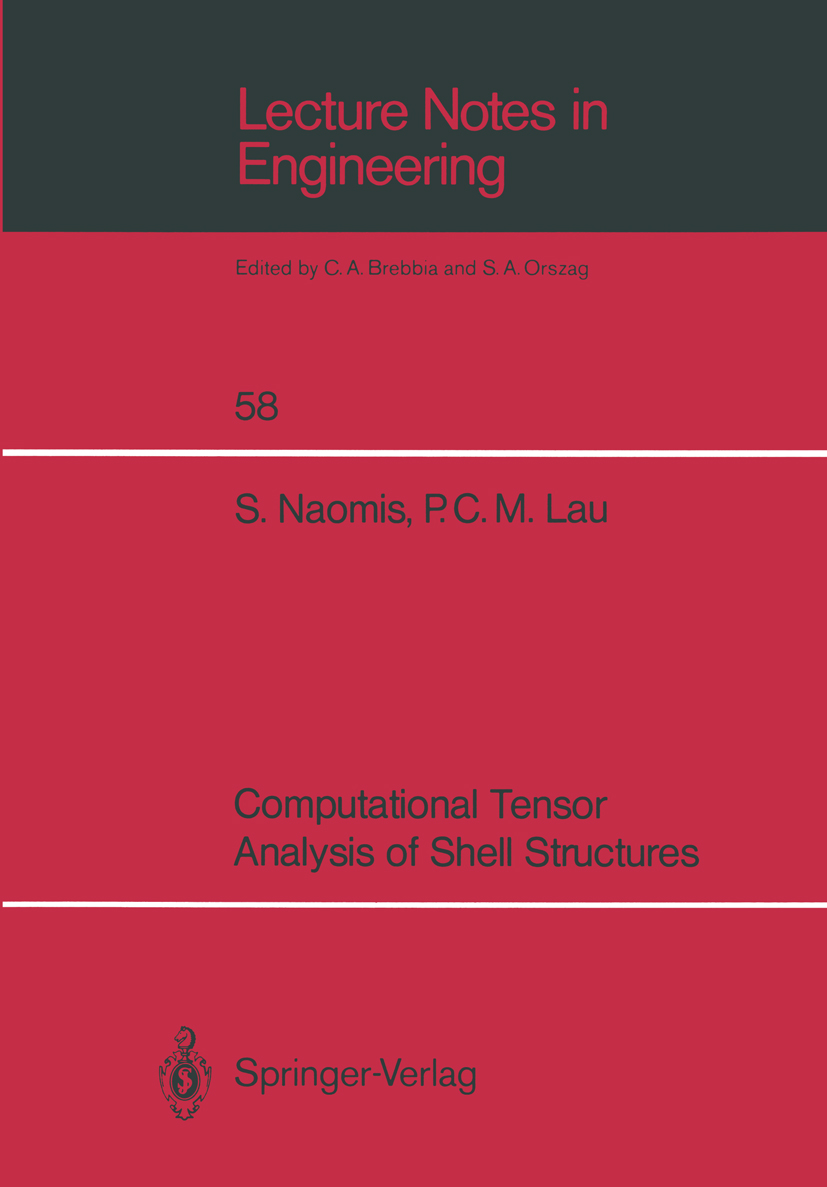
Computational Tensor Analysis of Shell Structures This book presents a method which is capable of evaluating the deformation characteristics of thin shell structures A free vibration analysis is chosen as a convenient means of studying the displacement behaviour of the shell, enabling it to deform naturally without imposing any particular loading conditions. The strain-displacement equations for thin shells of arbitrary geometry are developed. These relationships are expressed in general curvilinear coordinates and are formulated entirely in the framework of tensor calculus. The resulting theory is not restricted to shell structures characterized by any particular geometric form, loading or boundary conditions. The complete displacement and strain equations developed by Flugge are approximated by the curvilinear finite difference method and are applied to computing the natural frequencies and mode shapes of general thin shells. This approach enables both the displacement components and geometric properties of the shell to be approximated numerically and accurately. The selection of an appropriate displacement field to approximate the deformation of the shell within each finite difference mesh is discussed in detail. In addition, comparisons are made between the use of second and third-order finite difference interpolation meshes. TECHNOLOGY & ENGINEERING,Construction,General

Seismic Design of Steel Structures Providing real world applications for different structural types and seismic characteristics, Seismic Design of Steel Structures combines knowledge of seismic behavior of steel structures with the principles of earthquake engineering. This book focuses on seismic design, and concentrates specifically on seismic-resistant steel structures. Drawing o TECHNOLOGY & ENGINEERING,Construction,General
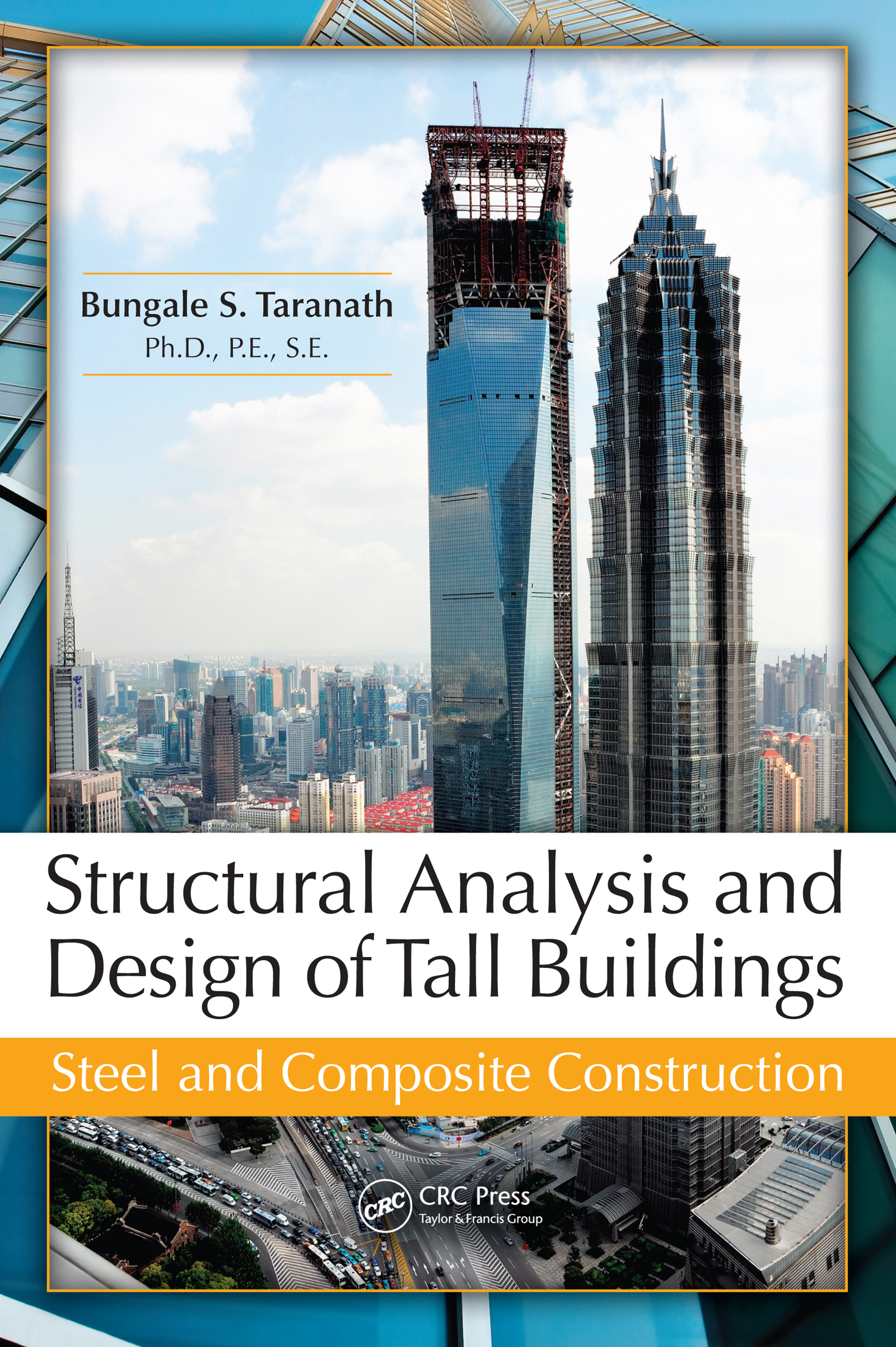
Structural Analysis and Design of Tall Buildings As software skills rise to the forefront of design concerns, the art of structural conceptualization is often minimized. Structural engineering, however, requires the marriage of artistic and intuitive designs with mathematical accuracy and detail. Computer analysis works to solidify and extend the creative idea or concept that might have started o TECHNOLOGY & ENGINEERING,Construction,General

Single Piles and Pile Groups Under Lateral Loading The complexities of designing piles for lateral loads are manifold as there are many forces that are critical to the design of big structures such as bridges, offshore and waterfront structures and retaining walls. The loads on structures should be supported either horizontally or laterally or in both directions and most structures have in common t TECHNOLOGY & ENGINEERING,Construction,General
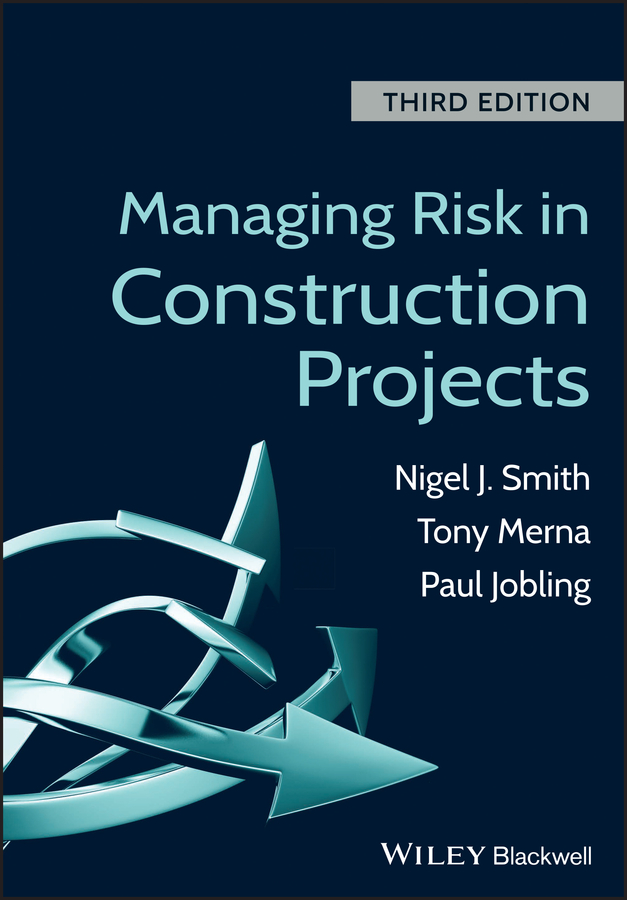
Managing Risk in Construction Projects Investment in any new project invariably carries risk but the construction industry is subject to more risk and uncertainty than perhaps any other industry. This guide for construction managers, project managers and quantity surveyors as well as for students shows how the risk management process improves decision-making. Managing Risk in Construction Projects offers practical guidance on identifying, assessing and managing risk and provides a sound basis for effective decision-making in conditions of uncertainty. The book focuses on theoretical aspects of risk management but also clarifies procedures for undertaking and utilising decisions. This blend of theory and practice is the real message of the book and, with a strong authorship team of practitioners and leading academics, the book provides an authoritative guide for practitioners having to manage real projects. It discusses a number of general concepts, including projects, project phases, and risk attitude before introducing various risk management techniques. This third edition has been extended to recognize the reality of multi-project or programme management and the risks in this context; to highlight the particular problems of risk in international joint ventures; and to provide more coverage of PFI and PPP. With case studies and examples of good practice, the book offers the distilled knowledge of over 100 man-years of experience in working on all aspects of project risk, giving sound practical guidance on identifying, assessing and managing risk. TECHNOLOGY & ENGINEERING,Construction,General
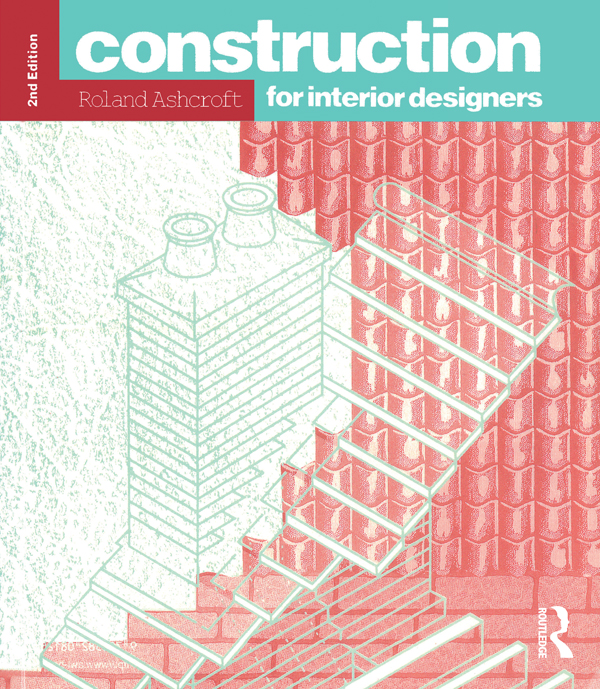
Construction for Interior Designers Construction for Interior Designers is a highly readable, comprehensive and informative text proving all the technical information required. The second edition has been fully updated to reflect the 1991 amendments if the 1985 Building Regulations and includes a new chapter on environmental issues affecting construction. Important concepts are explained from first principles with three-dimensional diagrams and informative tables. No previous knowledge of the subject is assumed. TECHNOLOGY & ENGINEERING,Construction,General

House Inspector This book is a concise and comprehensive guide to building defects and building inspection. Whether, as a practitioner you are employed in buying, selling, managing or maintaining houses or whether, or as a layperson, you are buying a property to invest or live in, this book will help you make sound decisions and avoid costly mistakes. Written by two highly experienced authors, House Inspector is a general and accessible book which describes how and why house construction has changed, identifies some of the more common defects, and provides a series of elemental check lists. Essential reading for trainees and general practice surveyors, maintenance inspectors, housing managers, estate agents, planners, and even private purchasers and investors. This book will improve your knowledge and understanding of potential problems and provide a simple framework for a competent building inspection. TECHNOLOGY & ENGINEERING,Construction,General

Understanding Housing Defects Understanding Housing Defects provides a concise, coherent and comprehensive introduction to the causes, investigation and diagnosis of defects in domestic buildings. For this new edition, many of the chapters have been substantially updated and new photographs have been added. There are four new chapters covering: How defects are defined An overview of building and architectural history External joinery and painted finishes Environmental and health- related building problems Many of the 21 chapters cover a specific building element and include a brief introduction setting out construction principles and the evolution of current practice. All of the chapters consider the identification, cause and diagnosis of common (and sometimes not so common) defects. This book is a must have for all those students and practitioners who require a broad understanding of housing defects. Building surveyors, general practice surveyors, architects, estate agents, housing officers and anyone involved in the management and maintenance of property as well as its construction will benefit hugely from this highly informative full-colour text. Written by the authors of The Construction of Houses, the book is also the natural companion to this bestselling textbook. TECHNOLOGY & ENGINEERING,Construction,General
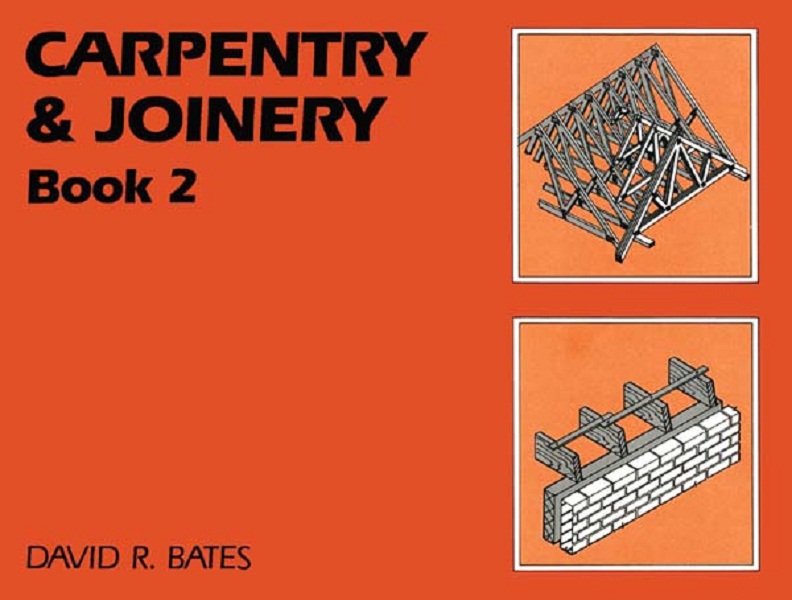
Carpentry and Joinery Book 2 Complementing Book 1of the same title, this text takes the student up to the City and Guilds full Craft Certificate level. All aspects of the course are dealt with, along with the associated scientific background, mathematical calculations and drawings required. Although prior knowledge of the subject as provided in Book 1 is assumed , important principles are repeated so that this book can be read independently of the companion volume. Extensively illustrated, each chapter begins with clearly defined objectives and concludes with a series or questions and assignments. The text will prove invaluable as a general workbook for those following advanced woodworking courses, including CITB students and self-employed carpenters, joiner and builders. It is useful supplementary reading for those taking courses in brickwork and cabinetmaking, for trainee woodworking machinists and construction technicians as well as for students of City and Guilds Foundation courses. TECHNOLOGY & ENGINEERING,Construction,General

Construction Cost Management In this updated and expanded second edition, Keith Potts and Nii Ankrah examine key issues in construction cost management across the building and civil engineering sectors, both in the UK and overseas. Best practice from pre-contract to post-contract phases of the project life-cycle are illustrated using major projects such as Heathrow Terminal 5, Crossrail and the London 2012 Olympics as case studies. More worked examples, legal cases, case studies and current research have been introduced to cover every aspect of the cost manager’s role. Whole-life costing, value management, and risk management are also addressed, and self-test questions at the end of each chapter support independent learning. This comprehensive book is essential reading for students on surveying and construction management programmes, as well as built environment practitioners with cost or project management responsibilities. TECHNOLOGY & ENGINEERING,Construction,General
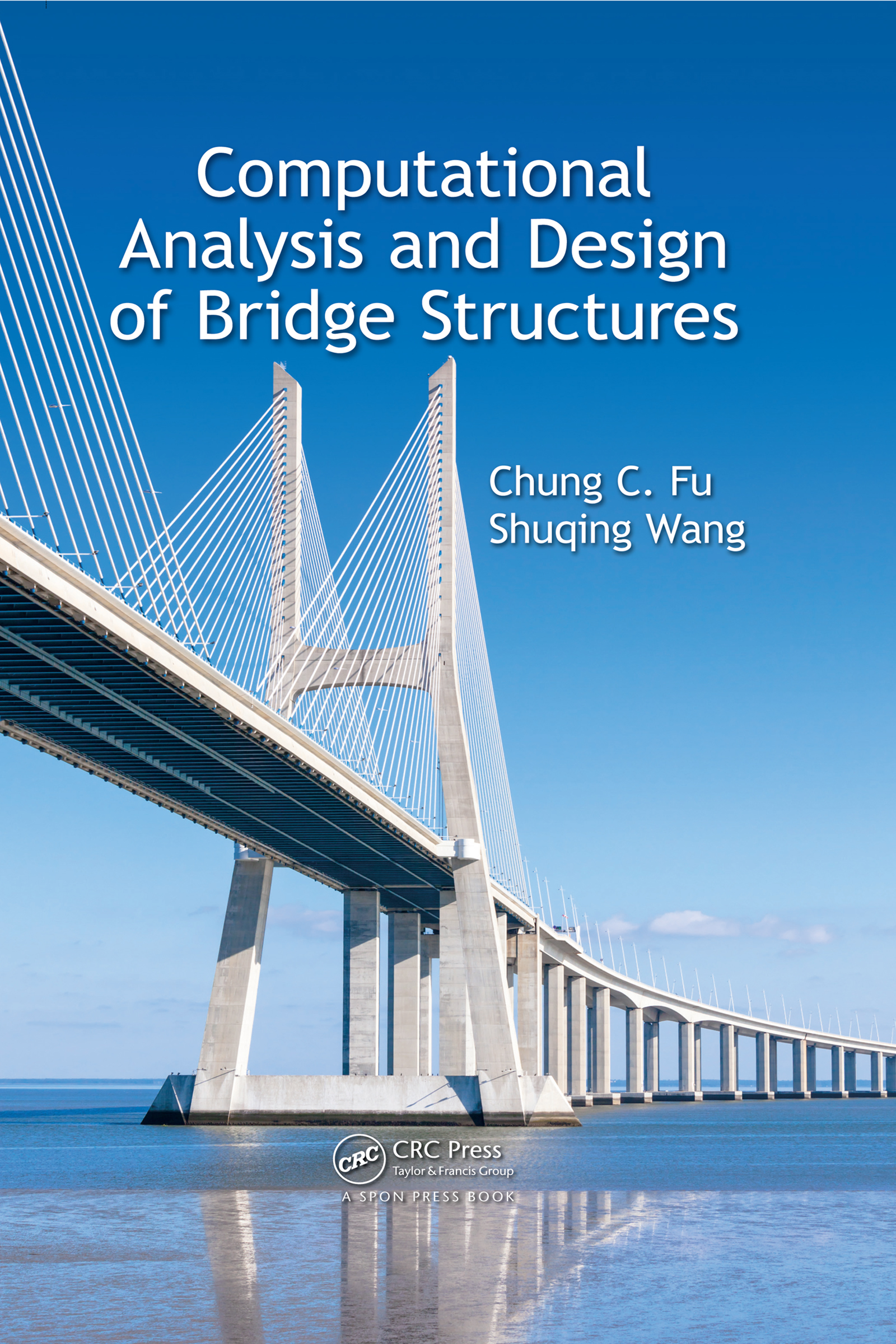
Computational Analysis and Design of Bridge Structures Gain Confidence in Modeling Techniques Used for Complicated Bridge StructuresBridge structures vary considerably in form, size, complexity, and importance. The methods for their computational analysis and design range from approximate to refined analyses, and rapidly improving computer technology has made the more refined and complex methods of ana TECHNOLOGY & ENGINEERING,Construction,General
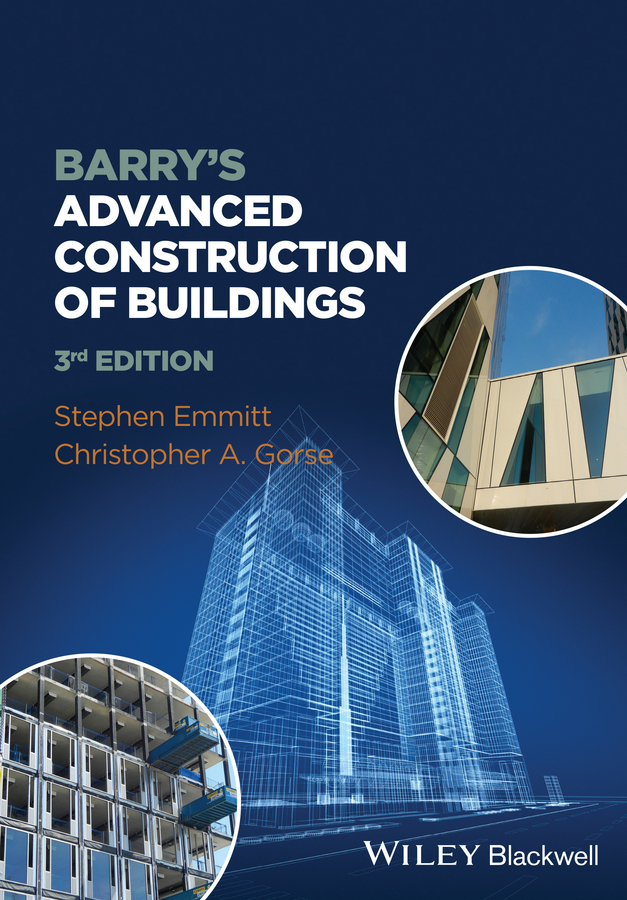
Barry's Advanced Construction of Buildings Robin Barry's Construction of Buildings was first published in 1958 in 5 volumes, rapidly becoming a standard text on construction. In its current 2 volume format Barry remains hugely popular with both students and lecturers of construction and related disciplines. The third edition of Barry's Advanced Construction of Buildings expands and deepens your understanding of construction technology. It covers the construction of larger-scale buildings (primarily residential, commercial and industrial) constructed with load bearing frames, supported by chapters on fit-out and second fix, lifts and escalators, off-site construction and a new chapter on building obsolescence and revitalisation. Functional and performance requirements of the main building elements are emphasised throughout, as is building efficiency and meeting the challenges of limiting the environmental impact of buildings. You will find the text fully up to date with the latest building regulations and construction technologies. The new edition, with supporting material at www.wiley.com/go/barrysintroduction, is an ideal information source for developing a wider and deeper understanding of construction technology. TECHNOLOGY & ENGINEERING,Construction,General

Barry's Introduction to Construction of Buildings Robin Barry's Construction of Buildings was first published in 1958 in 5 volumes, rapidly becoming a standard text on construction. In its current 2 volume format Barry remains hugely popular with both students and lecturers of construction and related disciplines. The third edition of Barry’s Introduction to Construction of Buildings provides the basic material you will need to understand the construction process for the majority of low rise buildings. Construction technology is explained and illustrated through the key functional and performance requirements for the main elements common to all buildings. With a stronger focus on building efficiency and meeting the challenges posed by limiting the environmental impact of buildings, you will find the text fully up to date with the latest building regulations and construction technologies. Particular attention has been paid to the careful integration of all topics, helping you to link concepts and follow related material. The new edition, with supporting website at www.wiley.com/go/barrysintroduction, provides the ideal introduction to construction technology TECHNOLOGY & ENGINEERING,Construction,General
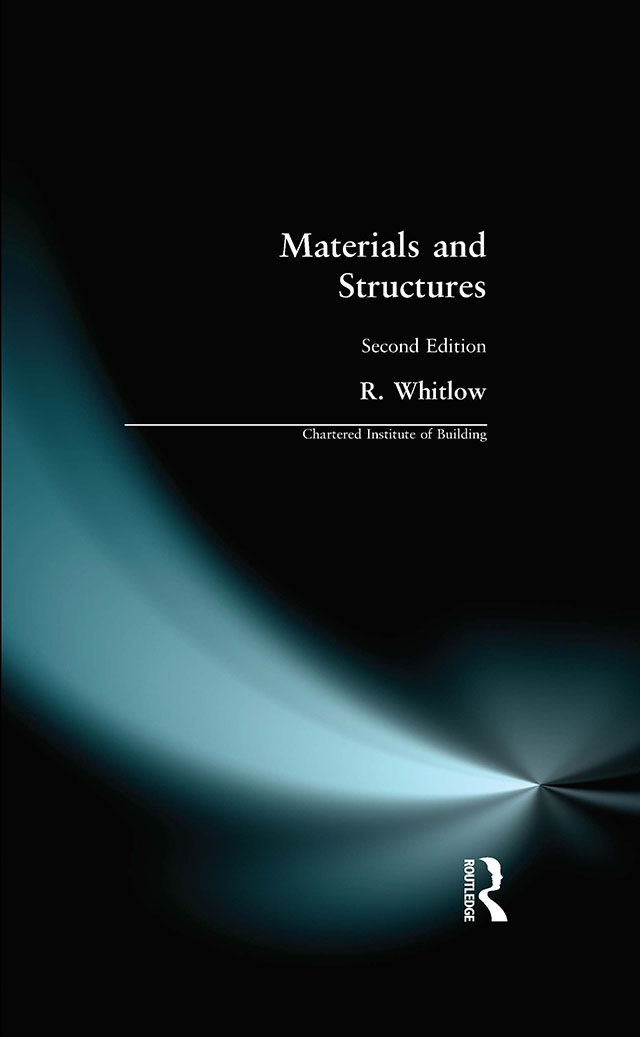
Materials and Structures The second edition of this highly informative book retains much original material covering the principles of structural mechanics and the strength of materials, together with the underlying concepts requisite to the theory of structure and structural design. Some of the material involving lengthy hand-drawing or hand-calculation has been replaced with more up-to-date relevant material and frequent reference is made to computer-aided learning techniques. TECHNOLOGY & ENGINEERING,Construction,General
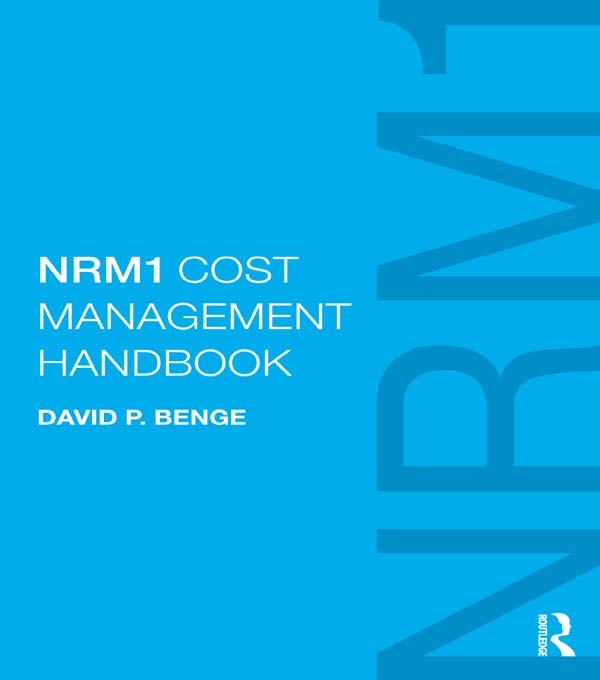
NRM1 Cost Management Handbook The definitive guide to measurement and estimating using NRM1, written by the author of NRM1 The 'RICS New rules of measurement: Order of cost estimating and cost planning of capital building works' (referred to as NRM1) is the cornerstone of good cost management of capital building works projects - enabling more effective and accurate cost advice to be given to clients and other project team members, while facilitating better cost control. The NRM1 Cost Management Handbook is the essential guide to how to successfully interpret and apply these rules, including explanations of how to: quantify building works and prepare order of cost estimates and cost plans use the rules as a toolkit for risk management and procurement analyse actual costs for the purpose of collecting benchmark data and preparing cost analyses capture historical cost data for future order of cost estimates and elemental cost plans employ the rules to aid communication manage the complete 'cost management cycle' use the elemental breakdown and cost structures, together with the coding system developed for NRM1, to effectively integrate cost management with Building Information Modelling (BIM). In the NRM1 Cost Management Handbook, David Benge explains in clear terms how NRM1 is meant to be used in familiar quantity surveying tasks, as well as a range of activities of crucial importance for professionals in years to come. Worked examples, flow charts, diagrams, templates and check lists ensure readers of all levels will become confident and competent in the use of NRM1. This book is essential reading for anyone working with NRM1, and is the most authoritative guide to practice available for those preparing to join the industry. TECHNOLOGY & ENGINEERING,Construction,General
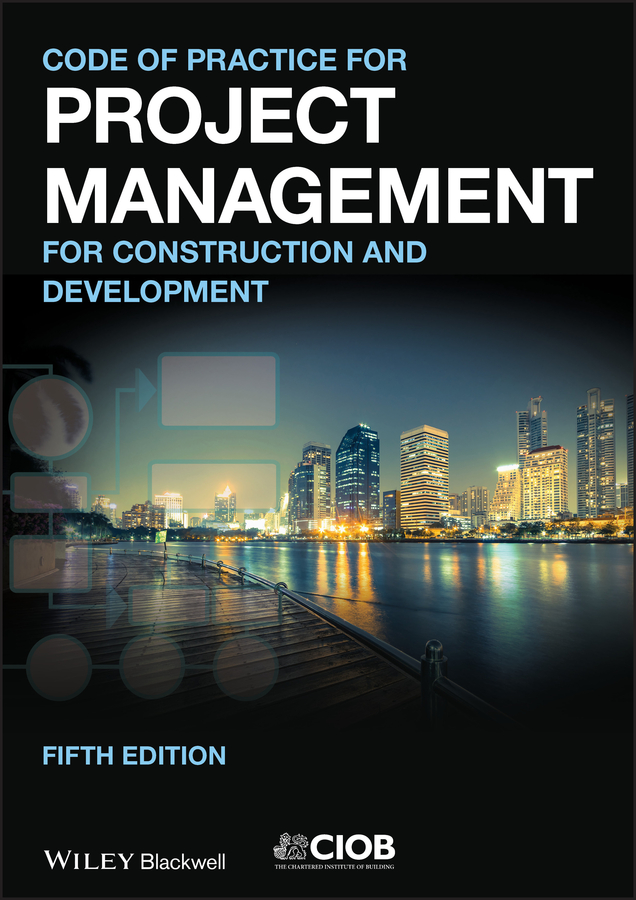
Code of Practice for Project Management for Construction and Development The first edition of the Code of Practice for Project Management for Construction and Development, published in 1992, was groundbreaking in many ways. Now in its fifth edition, prepared by a multi-institute task force coordinated by the CIOB and including representatives from RICS, RIBA, ICE, APM and CIC, it continues to be the authoritative guide and reference to the principles and practice of project management in construction and development. Good project management in construction relies on balancing the key constraints of time, quality and cost in the context of building functionality and the requirements for sustainability within the built environment. Thoroughly updated and restructured to reflect the challenges that the industry faces today, this edition continues to drive forward the practice of construction project management. The principles of strategic planning, detailed programming and monitoring, resource allocation and effective risk management, widely used on projects of all sizes and complexity, are all fully covered. The integration of Building Information Modelling at each stage of the project life is a feature of this edition. In addition, the impact of trends and developments such as the internationalisation of construction projects and the drive for sustainability are discussed in context. Code of Practice will be of particular value to clients, project management professionals and students of construction, as well as to the wider construction and development industries. Much of the information will also be relevant to project management professionals operating in other commercial spheres. TECHNOLOGY & ENGINEERING,Construction,General

Ferry and Brandon's Cost Planning of Buildings This new edition of the classic quantity surveying textbook retains its basic structure but has been thoroughly updated to reflect recent changes in the industry, especially in procurement. Although over the last 20 years a number of new procurement methods have evolved and become adopted, the recession has seen many clients revert to established traditional methods of procurement so the fundamentals of cost planning still apply - and should not be ignored. The first edition of this leading textbook was published in 1964 and it continues to provide a comprehensive introduction to the practice and procedures of cost planning in the procurement of buildings. This 9th edition has been thoroughly updated to reflect changes that have occurred in the UK construction industry in the past six years. Whilst retaining its core structure of the three-phase cost planning process originally developed by Ferry and Brandon, the text provides a thorough grounding in contemporary issues including procurement innovation, whole life cycle costing and modelling techniques. Designed to support the core cost planning studies covered by students reading for degrees in quantity surveying and construction management, it provides a platform for understanding the fundamental importance of effective cost planning practice. The principals of elemental cost planning are covered from both pre- and post- contract perspectives; the role of effective briefing and client/stakeholder engagement as best practice is also reinforced in this text. This new edition: Addresses The Soft Landings Framework (a new govt. initiative, especially for schools) to make buildings perform radically better and much more sustainably. Puts focus on actual performance in use at brief stage, during design and construction, and especially before and after handover. Covers recent changes in procurement, especially under the NEC and PFI Provides more on PPP and long-term maintenance issues Offers an improved companion website with tutorial worksheets for lecturers and Interactive spreadsheets for students, e.g. development appraisal models; lifecycle costing models TECHNOLOGY & ENGINEERING,Construction,General
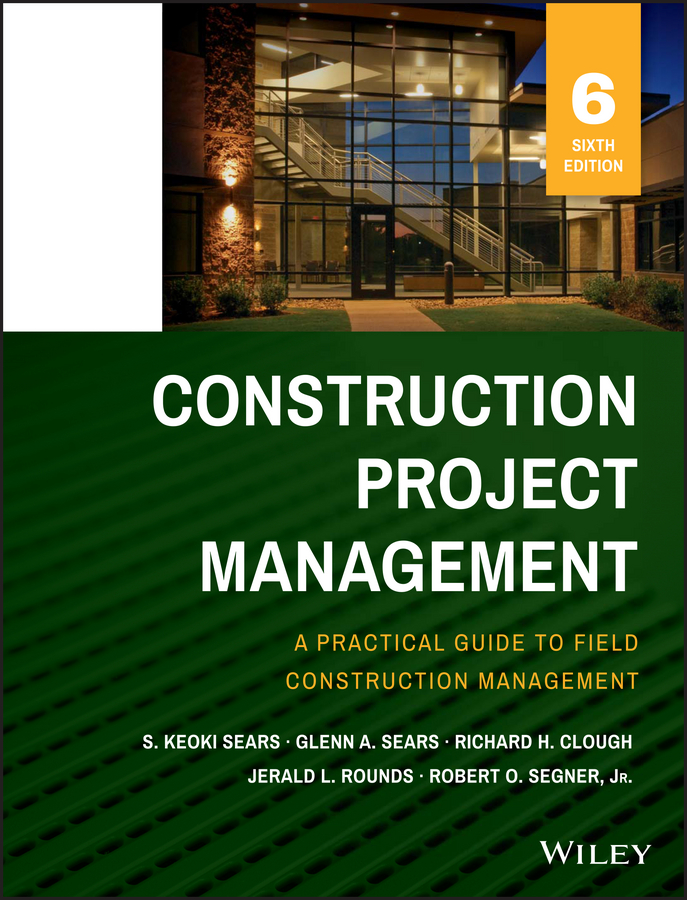
Construction Project Management A thoroughly updated edition of the classic guide to project management of construction projects For more than thirty years, Construction Project Management has been considered the preeminent guide to all aspects of the construction project management process, including the Critical Path Method (CPM) of project scheduling, and much more. Now in its Sixth Edition, it continues to provide a solid foundation of the principles and fundamentals of project management, with a particular emphasis on project planning, demonstrated through an example project, along with new pedagogical elements such as end-of-chapter problems and questions and a full suite of instructor's resources. Also new to this edition is information on the Earned Value Analysis (EVA) system and introductory coverage of Building Information Modeling (BIM) and Lean Construction in the context of project scheduling. Readers will also benefit from building construction examples, which illustrate each of the principles of project management. This information, combined with the case studies provided in the appendix, gives readers access to hands-on project management experience in the context of real-world project management problems. Features two integrated example projects—one civil and one commercial—fully developed through the text Includes end-of-chapter questions and problems Details BIM in scheduling procedures, Lean Construction, and Earned Value Analysis, EVA Provides teaching resources, including PowerPoint slides, interactive diagrams, and an Instructor's Manual with solutions for the end-of-chapter questions Construction Management and Civil Engineering students and professionals alike will find everything they need, to understand and to master construction project management in this classic guide. TECHNOLOGY & ENGINEERING,Construction,General
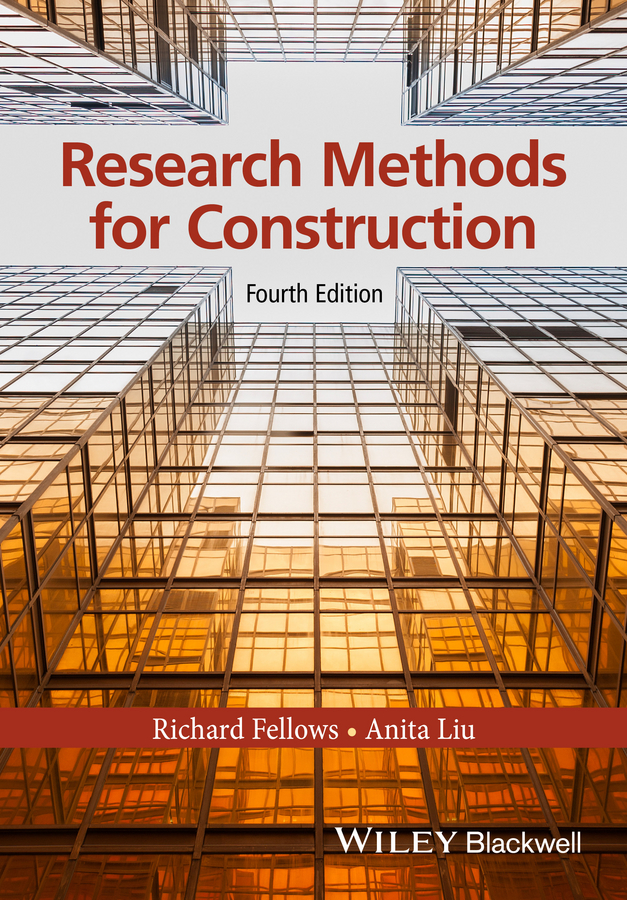
Research Methods for Construction Research Methods for Construction will help you instil rigour into your problem-solving, and into your reports and publications. It will be of value to construction, surveying, architecture and civil engineering students undertaking research, whether for bachelors and masters degree dissertations, or for masters and doctoral research degree theses. Now in its Fourth Edition, this remains one of the few books to provide guidance on research formulation, methodologies, and methods specifically for construction students. Three main sections – Producing a Proposal, Executing the Research and Reporting the Results discuss the key issues in research and examine the primary approaches, both qualitative and quantitative. The methods adopted for scientific and engineering experiments, model building and simulations are discussed, as well as those employed for research into management, social and economic issues. The authors examine the requirements for data and analysis, including the important statistical considerations and a range of qualitative techniques that enable construction researchers to appreciate what needs to be evaluated in devising how research may be carried out effectively and efficiently. This new edition has been updated to reflect current debates and concerns, including ethical issues, legislation and codes of practice concerning the collection, processing, storage, use and disposal of data. Pressures of time and funding to carry out the empirical work all too often lead to a lack of attention to how the study should be done and why. The authors address the importance of explaining the philosophical approach adopted (ontology, epistemology) and the consequent methodology. They advocate close scrutiny of the methods available for appropriateness, both academically and practically. The fundamental theme of the book remains to facilitate a researcher’s informed and justified selection of a philosophical paradigm and of appropriate methods to execute the research. TECHNOLOGY & ENGINEERING,Construction,General
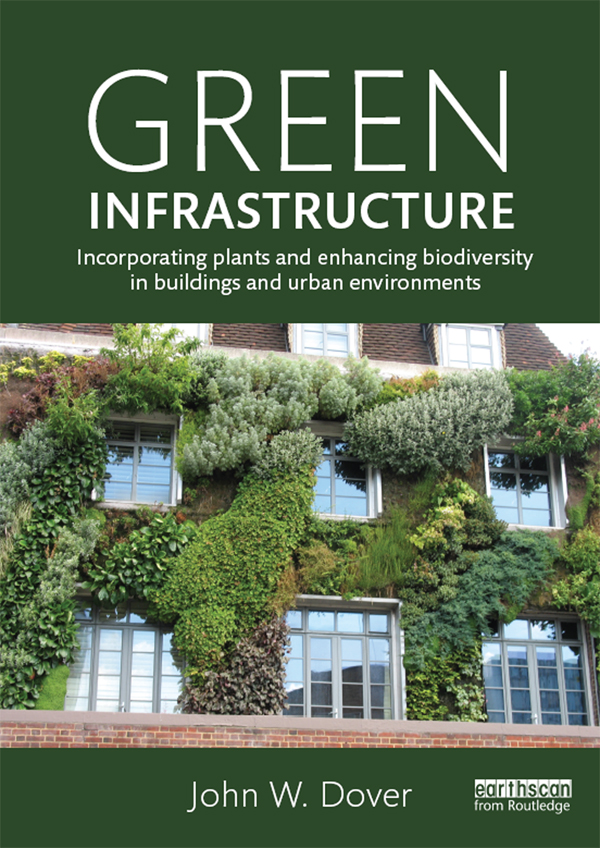
Green Infrastructure With more than half of the world's population now living in urban areas, it is vitally important that towns and cities are healthy places to live. The principal aim of this book is to synthesize the disparate literature on the use of vegetation in the built environment and its multifunctional benefits to humans. The author reviews issues such as: contact with wildlife and its immediate and long-term effects on psychological and physical wellbeing; the role of vegetation in removing health-damaging pollutants from the air; green roofs and green walls, which provide insulation, reduce energy use and decrease the carbon footprint of buildings; and structural vegetation such as street trees, providing shading and air circulation whilst also helping to stop flash-floods through surface drainage. Examples are used throughout to illustrate the practical use of vegetation to improve the urban environment and deliver ecosystem services. Whilst the underlying theme is the value of biodiversity, the emphasis is less on existing high-value green spaces (such as nature reserves, parks and gardens), than on the sealed surfaces of urban areas (building surfaces, roads, car parks, plazas, etc.). The book shows how these, and the spaces they encapsulate, can be modified to meet current and future environmental challenges including climate change. The value of existing green space is also covered to provide a comprehensive textbook of international relevance. TECHNOLOGY & ENGINEERING,Construction,General
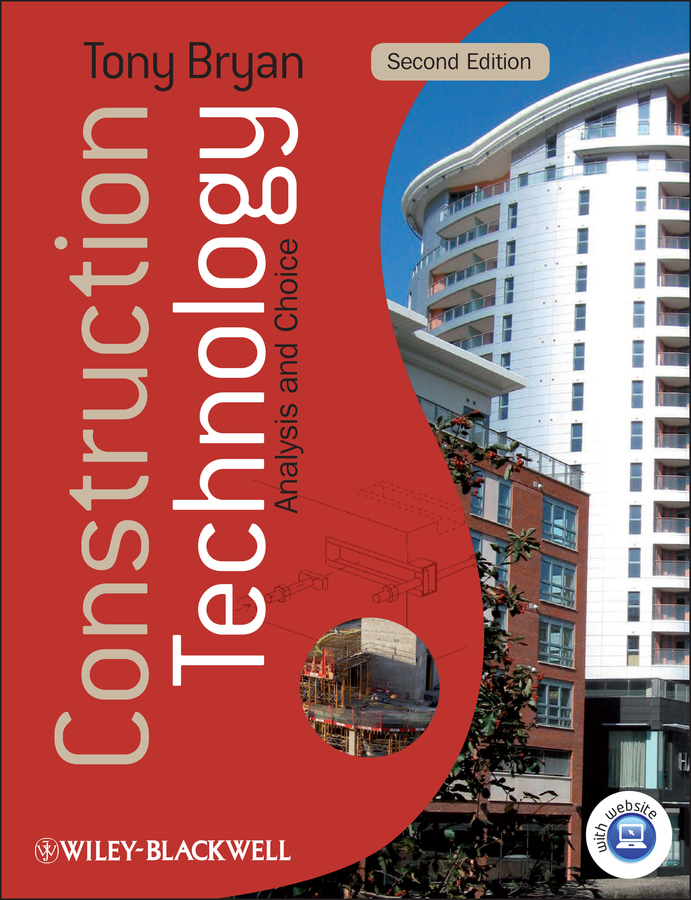
Construction Technology The second edition of Construction Technology: Analysis and Choice has been expanded to include commercial buildings. This now covers, in a single textbook, all the basic forms of construction studied on professional courses. The book takes as its theme the process of choice: what the expert has to know and how he/she might think through the decisions to be made about the design, production, maintenance and disposal of buildings. It is written with the conviction that by focusing on the process of choice, the range of theory and knowledge that is useful to practice becomes explicit, making the link between knowledge and practice, and between understanding and experience. The new edition has been updated throughout with extensive additions to Chapter13: Manufacture and Assembly and to Chapter 15: Sustainability. An entire new section has been added, covering all the main elements of commercial construction. Students will find here explanations of how environments, structural behaviour, production know-how, cost and social concerns such as sustainability can be taken into account in the choice of construction. They will also gain a clear understanding of the construction details and specifications adopted for both housing and commercial buildings in the UK at the beginning of the 21st century. Provides a framework to think through proposed solutions Sets the choice of solution in both time and place, and in the context of sustainability Focuses on key questions: will the proposal fail; and can it be built? Considers a building’s response to loading, environmental conditions and time Looks at the production process as manufacture and assembly Book website at www.wiley.com/go/bryanconstructiontech2e Contains nearly 200 fully referenced, clear line drawings to download for free, as well as suggested learning activities for lecturers to incorporate into their teaching programmes. TECHNOLOGY & ENGINEERING,Construction,General
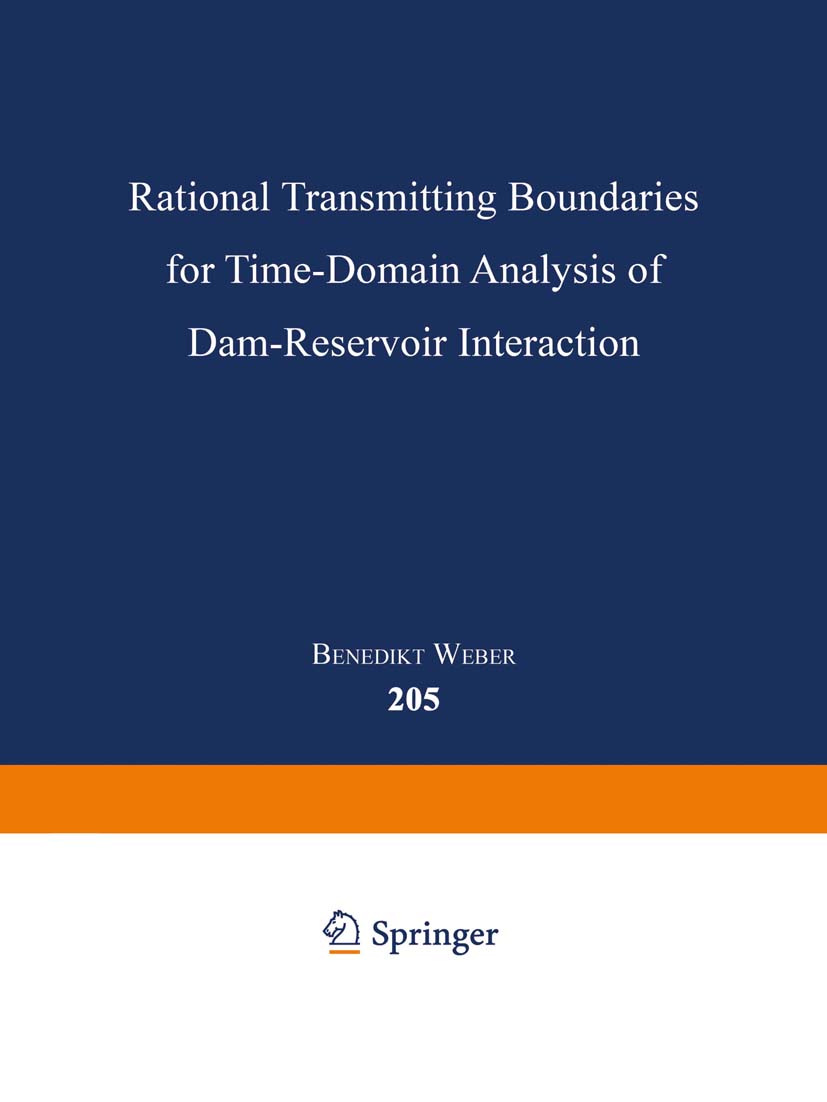
Rational Transmitting Boundaries for Time-Domain Analysis of Dam-Reservoir Interaction Most existing arch dams have been designed for seismic loading by static methods involving the use of seismic coefficients. Although there are no known examples of arch dams which have been seriously damaged by earthquakes, the need for more realistic seismic analyses is now well recognized, not only for new dams but especially in the context of the safety evaluation of existing dams. Fortunately, with the finite element method, engineers have a powerful tool for modeling the complex geometry and the nonlinear material behavior of a dam. However, there is still a major complication in the analysis procedure, namely the interaction of the dam with the reservoir and with the foundation during an earthquake. Interaction is a wave propagation problem involving transmitting boundaries. The State of the Art in engineering practice is to neglect wave propagation by modeling the water as incompressible and the foundation as massless. More advanced analysis methods using compressible water and foundation with mass have been available for some time. However, these methods are restricted to linear models, because they work in the frequency domain. On the other hand, there are also advanced nonlinear models for dams, but they can only be used in the time domain, usually with simple transmitting boundaries. In this report, which is based on an a doctoral thesis, rigorous transmitting boundaries in the time domain are developed which permit combining compressible water with n- linear dam behavior. The new numerical model is based on a systems-theory approach. TECHNOLOGY & ENGINEERING,Construction,General

Construction Law This innovative book provides a thorough and comprehensive guide to construction law by blending together black letter law and socio-legal approaches. This mixed methodology makes an ideal introduction to the subject for those studying to enter the Architecture, Engineering and Construction (AEC) Industry in a professional capacity. Designed to equip the student with all they need to know about construction law, the topics covered include: The fundamentals of law and the English legal system Contract, business, tort and property law Procurement, subcontracting and partnering Building Information Modelling and best practice Dispute resolution including mediation, arbitration, litigation and adjudication The books suitability for study is enhanced by its logical structure, chapter summaries and further reading lists whilst the role of law in achieving a more collaborative and less confrontational AEC industry is examined in detail. Construction Law: From Beginner to Practitioner takes the reader on a journey from basic legal concepts through to a more detailed appreciation of what the AEC needs as a specialist client for legal services. This book is useful not only for understanding the basics, but also as a reference that practitioners will use time and again. TECHNOLOGY & ENGINEERING,Construction,General

Projektentwicklung in der Immobilienwirtschaft Das Lehr- und Fachbuch gibt einen kompakten Überblick der Projektentwicklung in der Immobilienwirtschaft. Es zeigt dem Leser den richtigen Weg zur Prozessorientierung, damit die spätere Projektentwicklung strukturiert und erfolgreich in die Praxis umgesetzt werden kann. Schwerpunkte des Buches sind hierbei die Einflussfaktoren einer nachhaltigen und bedarfsgerechten Projektentwicklung. Neben wichtigen Grundlagen gehen die Autoren praxisbezogen auf Grundstücks- und Immobilienbewertung, Kapitalbeschaffung und Verträge ein. TECHNOLOGY & ENGINEERING,Construction,General

Quantity Surveyor's Pocket Book The third edition of the Quantity Surveyor’s Pocket Book has been updated in line with NRM1, NRM2 and NRM3, and remains a must-have guide for students and qualified practitioners. Its focused coverage of the data, techniques and skills essential to the quantity surveying role makes it an invaluable companion for everything from initial cost advice to the final account stage. Key features and updates included in this new edition: an up-to-date analysis of NRM1, 2 and 3; measurement and estimating examples in NRM2 format; changes in procurement practice; changes in professional development, guidance notes and schemes of work; the increased use of NEC3 form of contract; the impact of BIM. This text includes recommended formats for cost plans, developer’s budgets, financial reports, financial statements and final accounts. This is the ideal concise reference for quantity surveyors, project and commercial managers, and students of any of the above. TECHNOLOGY & ENGINEERING,Construction,General
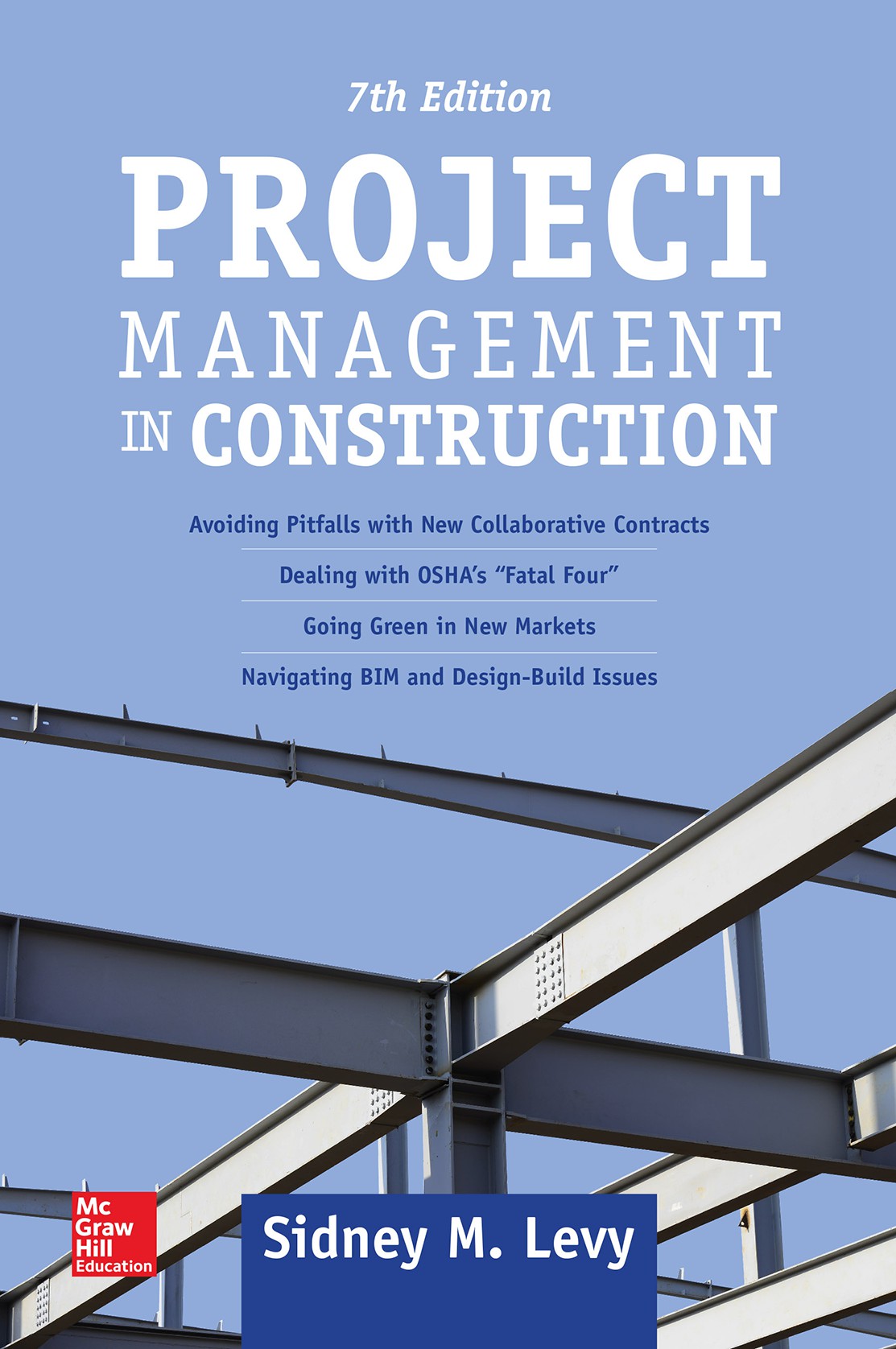
Project Management in Construction, Seventh Edition Publisher's Note: Products purchased from Third Party sellers are not guaranteed by the publisher for quality, authenticity, or access to any online entitlements included with the product. Up-to-Date, Proven Construction Project Management Techniques Thoroughly revised to cover the latest technologies and standards, this practical resource provides all of the information necessary to efficiently execute every phase of any construction job. The book features complete details on estimating, purchasing, contract administration, team management, quality control and assurance, and other topics essential to completing a project on time and within budget. Project Management in Construction, Seventh Edition, covers new OSHA regulations and new contract formats that emphasize collaboration and teamwork. BIM and green buildings, topics of importance to all of today’s project managers, are explained.. Coverage includes: • Introduction to the construction industry • General conditions of the construction contract • ConsensusDOCS integrated project delivery contracts • Lean construction • Bonds and insurance • Organizing the project team • Estimating and buying out the job • Change orders • Quality control and quality assurance • Project documentation • Claims, disputes, arbitration, and mediation • Design-build • Sustainability and green buildings • Building information modeling • Interoperability TECHNOLOGY & ENGINEERING,Construction,General
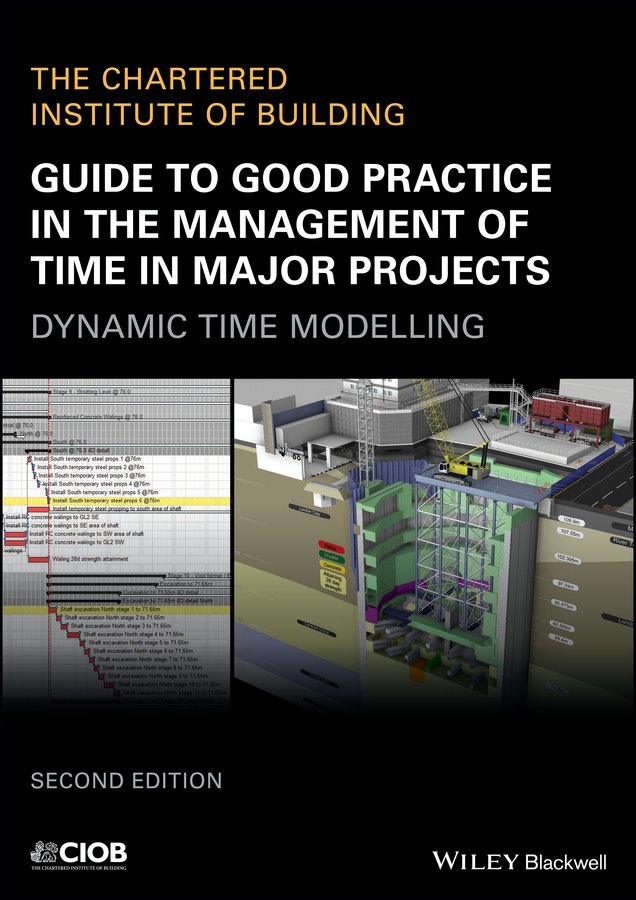
Guide to Good Practice in the Management of Time in Major Projects A practical treatise on the processes and standards required for the effective time management of major construction projects This book uses logical step-by-step procedures and examples from inception and risk appraisal—through design and construction to testing and commissioning—to show how an effective and dynamic time model can be used to manage the risk of delay in the completion of construction projects. Integrating with the CIOB major projects contract, the new edition places increased emphasis on the dynamic time model as the way to manage time and cost in major projects, as opposed to the use of a static target baseline program. It includes a new chapter distinguishing the principal features of the dynamic time model and its development throughout the life of a project from inception to completion. Guide to Good Practice in the Management of Time in Major Projects—Dynamic Time Modelling, 2nd Edition features new appendices covering matters such as complexity in construction and engineering projects, productivity guides (including specific references to the UK, Australia, and the USA), and a number of case studies dealing with strategic time management and high-density, resource-based scheduling. Provides guidance for the strategic management of time in construction and civil engineering projects Demonstrates how to use a dynamic time model to manage time pro-actively in building and civil engineering projects Sets out processes and standards to be achieved ensuring systematic documentation and quality control of time management Integrates with the CIOB major projects contract Guide to Good Practice in the Management of Time in Major Projects—Dynamic Time Modelling, 2nd Edition is an ideal handbook for project and program management professionals working on civil engineering and construction projects, including those from contractors, clients, and project management consultants. TECHNOLOGY & ENGINEERING,Construction,General
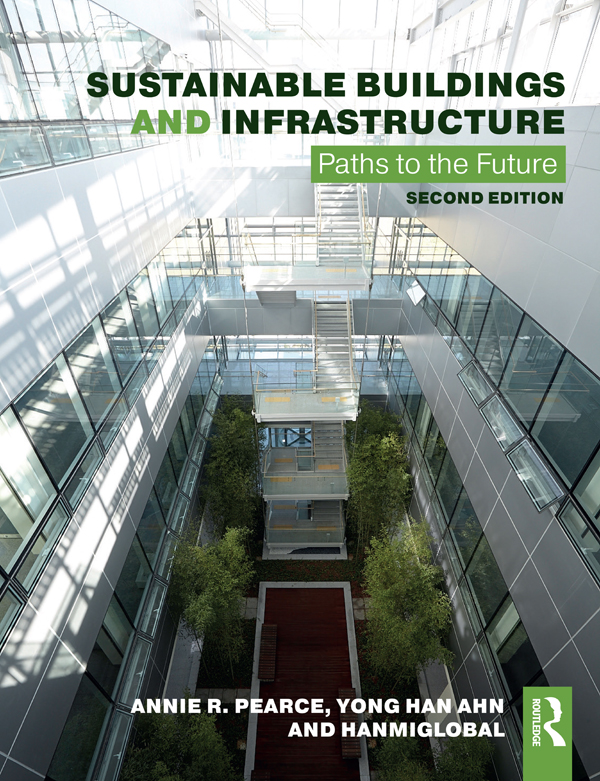
Sustainable Buildings and Infrastructure The second edition of Sustainable Buildings and Infrastructure continues to provide students with an introduction to the principles and practices of sustainability as they apply to the construction sector, including both buildings and infrastructure systems. As a textbook, it is aimed at students taking courses in construction management and the built environment, but it is also designed to be a useful reference for practitioners involved in implementing sustainability in their projects or firms. Case studies, best practices and highlights of cutting edge research are included throughout, making the book both a core reference and a practical guide. TECHNOLOGY & ENGINEERING,Construction,General
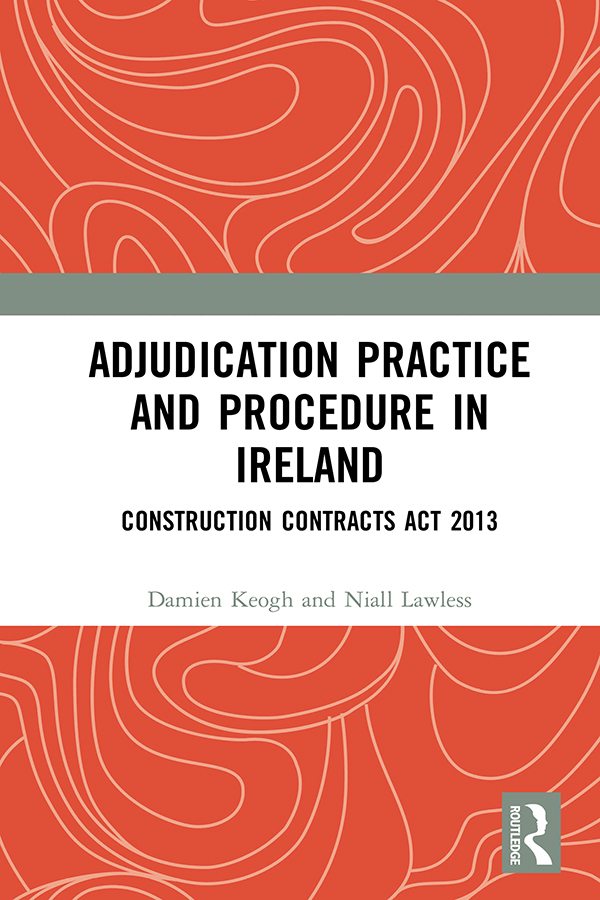
Adjudication Practice and Procedure in Ireland This adjudication textbook uniquely brings together a comprehensive analysis of, and commentary on, the Construction Contracts Act 2013 with a real-world perspective of adjudication, considering the knowledge, process and skills parties and adjudicators require in order to successfully participate in the adjudication process. Drawing on combined experience of 40 years in construction law, the authors provide invaluable guidance for all stakeholders in the adjudication process. The authors analyse and comment on the adjudication provisions of the Construction Contracts Act and describe prudent practice and procedure required to comply with Irish adjudication law, including case studies, case law and sample documentation for those to be involved as the parties, or those who want to act as adjudicators. Aimed at contractors, sub-contractors, developers, employers, construction, engineering and legal professionals and students, all of whom are either involved, or have an interest, in dispute resolution and adjudication. TECHNOLOGY & ENGINEERING,Construction,General
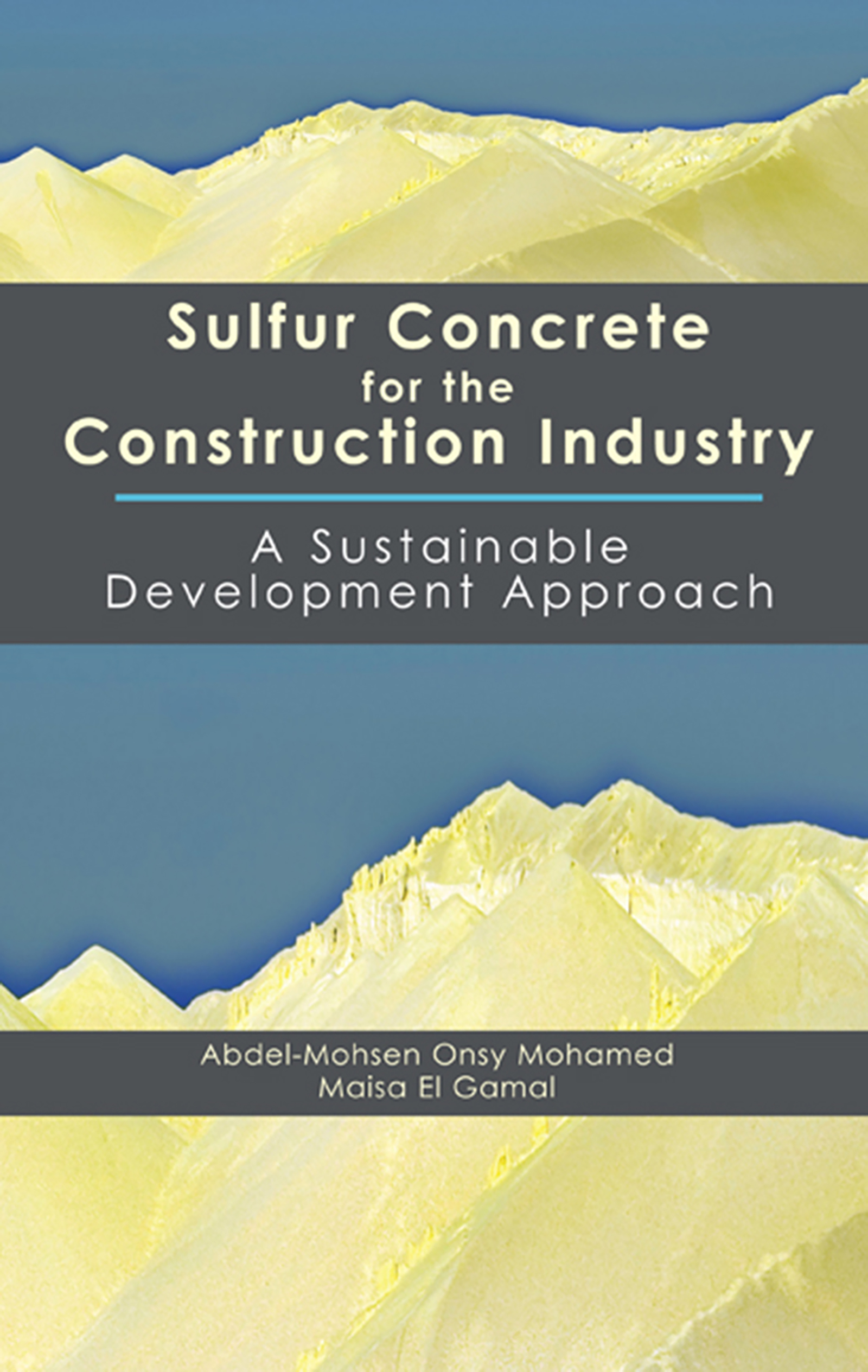
Sulfur Concrete for the Construction Industry Although currently not widely used, sulfur construction materials can offer improvements over more traditional materials, especially in specific applications. Sulfur construction materials include sulfur concrete and sulfur-extended asphalt pavements as well as pre-cast concrete components, extrusions, and cast-in-place forms. This one-of-a-kind book discusses the basic properties and behavior of sulfur cement and concrete materials and based on these properties, new sulfur market applications are evaluated and the technological aspects of material production are presented. TECHNOLOGY & ENGINEERING,Construction,General
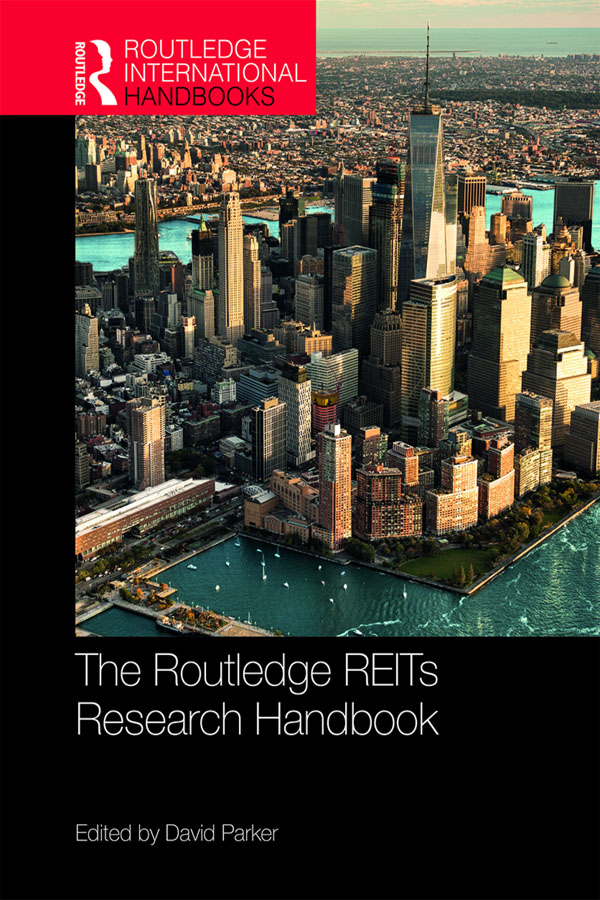
The Routledge REITs Research Handbook The Routledge REITs Research Handbook presents a cutting-edge examination of the research into this key global investment vehicle. Edited by internationally respected academic and REIT expert Professor David Parker, the book will set the research agenda for years to come. The handbook is divided into two parts, the first of which provides the global context and a thematic review covering: asset allocation, performance, trading, sustainability, Islamic REITs, emerging sectors and behavioural finance. Part II presents a regional review of the issues with high level case studies from a diverse range of countries including the US, UK, Brazil, India, Australia, China, Singapore, Israel and Russia, to name just a few. This handbook redefines existing areas within the context of international REITs research, highlights emerging areas and future trends and provides postgraduates, professionals and researchers with ideas and encouragement for future research. It is essential reading for all those interested in real estate, international investment, global finance and asset management. TECHNOLOGY & ENGINEERING,Construction,General

Barry's Introduction to Construction of Buildings An authoritative, well-established, comprehensive, practical, and highly illustrated guide to construction practice Based mainly on domestic and residential buildings—and filled with extensive illustrations throughout—this concise text is the ideal introduction to the subject of building construction. It provides the basic material that readers need in order to understand the construction process for the majority of low rise buildings. The book explains construction technology through the key functional and performance requirements for the main elements common to all buildings. With a strong focus on building efficiency and meeting the challenges posed by limiting the environmental impact of buildings, and new “at a glance†summaries allowing you to grasp the salient points of each chapter, readers will find the text fully up to date with the latest building regulations and construction technology. Barry’s Introduction to Construction of Buildings, Fourth Edition starts by taking an in-depth look at the construction process and general principles of construction. It then offers comprehensive chapter coverage of site analysis, set-up, drainage and scaffolding; ground stability and foundations; floors, walls, doors, windows, roofs, stairs, and ramps; surface finishes; internal environment and energy supply; and water supply and sanitation. Deals with design, technology, site assembly, and environmental issues of domestic and residential buildings Thoroughly updated, with particular attention paid to the concept of building efficiency and improved integration of the topics covered to match current student needs New “at a glance†summaries at the beginning of each chapter A companion to Barry's Advanced Construction of Buildings, Fourth Edition Barry’s Introduction to Construction of Buildings is an excellent source of information for undergraduate students and those working towards similar NQF level 5 and 6 qualifications in building and construction. TECHNOLOGY & ENGINEERING,Construction,General
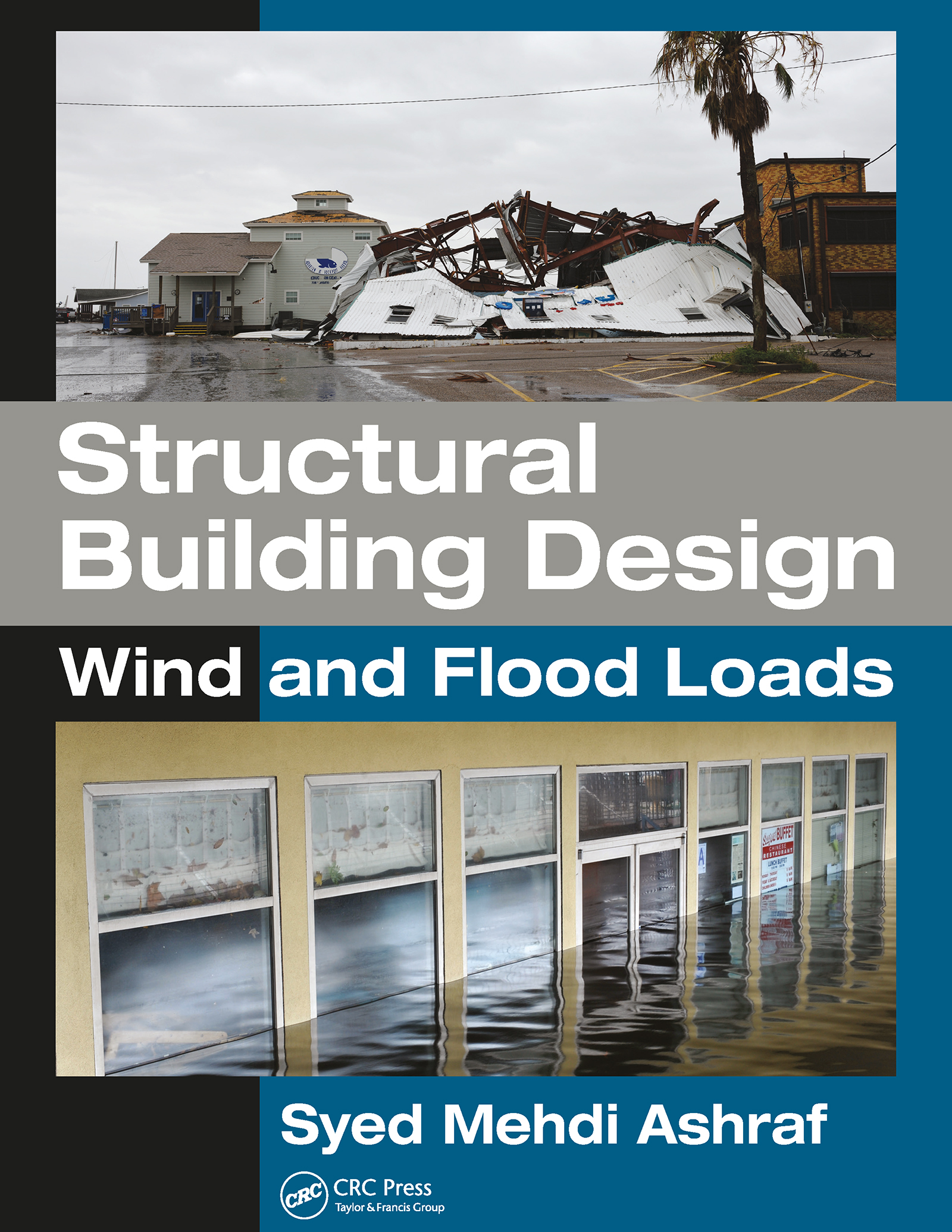
Structural Building Design Structural Building Design: Wind and Flood Loads is based upon the author’s extensive experience in South Florida as a structural designer, building code official, and an expert witness. He has more than 30 years of engineering experience in the United States, Dubai, and India. The book illustrates the use of ASCE standards ASCE 7-16 and ASCE 24-14 in the calculations of wind and flood loads on building structures. Features: Discussions of the evolution of the ASCE 7 standards Includes discussion of wind load guidance in the International Building Code Examines the Building Envelope Product Approval System Includes numerous solved real-life examples of wind-related issues Presents numerous solved real-life examples demonstrating various flood load concepts TECHNOLOGY & ENGINEERING,Construction,General
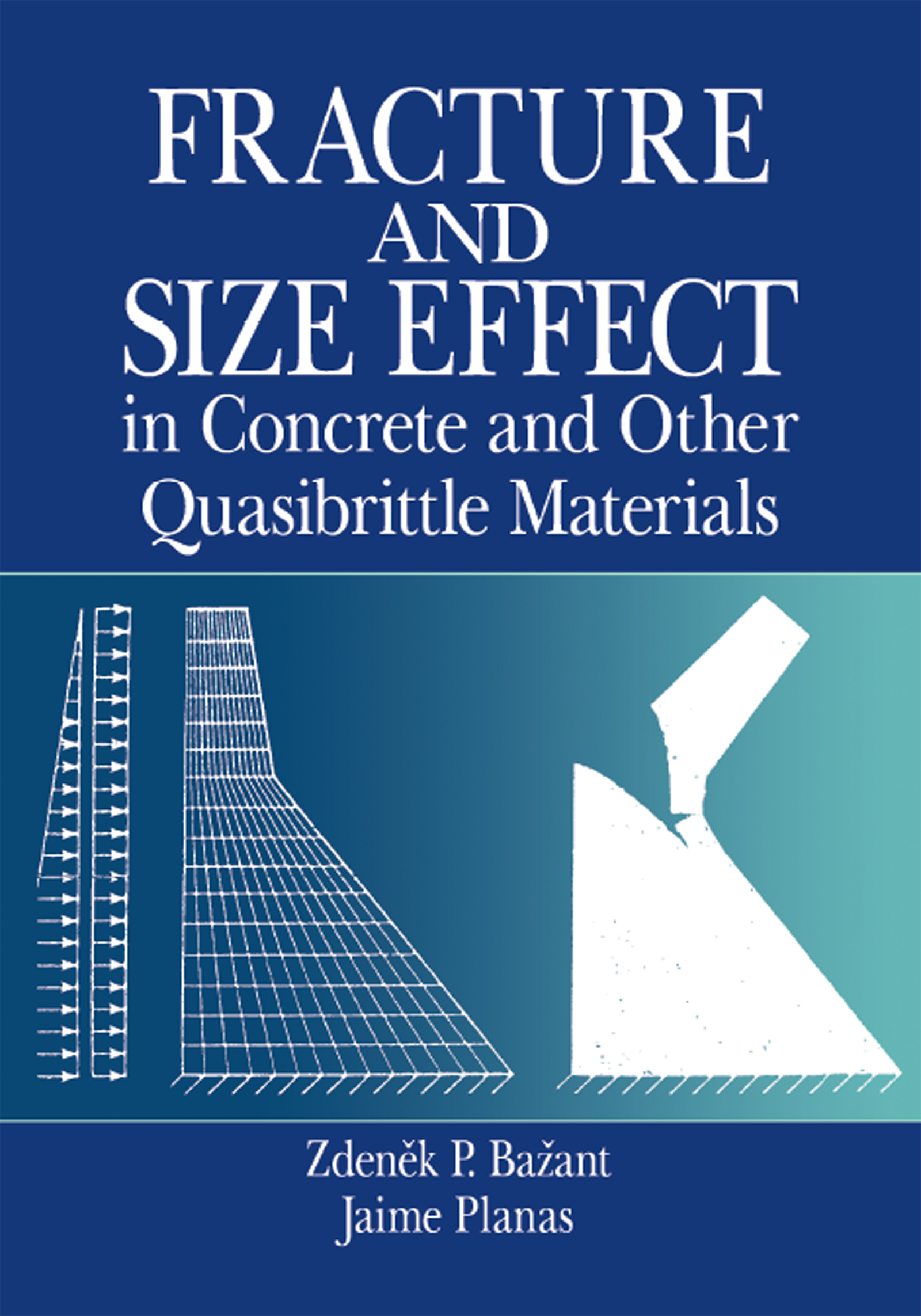
Fracture and Size Effect in Concrete and Other Quasibrittle Materials Fracture and Size Effect in Concrete and Other Quasibrittle Materials is the first in-depth text on the application of fracture mechanics to the analysis of failure in concrete structures. The book synthesizes a vast number of recent research results in the literature to provide a comprehensive treatment of the topic that does not give merely the facts - it provides true understanding. The many recent results on quasibrittle fracture and size effect, which were scattered throughout many periodicals, are compiled here in a single volume. This book presents a well-rounded discussion of the theory of size effect and scaling of failure loads in structures. The size effect, which is the most important practical manifestation of fracture behavior, has become a hot topic. It has gained prominence in current research on concrete and quasibrittle materials. The treatment of every subject in Fracture and Size Effect in Concrete and Other Quasibrittle Materials proceeds from simple to complex, from specialized to general, and is as concise as possible using the simplest level of mathematics necessary to treat the subject clearly and accurately. Whether you are an engineering student or a practicing engineer, this book provides you with a clear presentation, including full derivations and examples, from which you can gain real understanding of fracture and size effect in concrete and other quasibrittle materials. TECHNOLOGY & ENGINEERING,Construction,General

Development of the Built Environment Understand vital business factors that are central to modern land development projects As real estate development evolves to accommodate increasingly more complex regulation and sophisticated built structures, so too must the roles of different members of the development team evolve. The entire development team, including architects and civil engineers, must participate actively in consulting throughout the entire lifecycle of modern development projects. This expanded role often means that contemporary design team members may find themselves involved in contentious, cross-disciplinary decisions that their predecessors did not have to address. This comprehensive textbook explores the entire development process from an applied perspective to provide architects, civil engineers, and other team members with an understanding of the context in which real estate development occurs. Presented by an industry-leading design firm, the book offers complete explanations of all business considerations that influence land development projects at every stage. Development of the Built Environment: From Site Acquisition to Project Completion provides a holistic view of the development process and enables the development team to more effectively complete projects of all sizes and budgets. This text includes detailed coverage of: • Developers and the development process • Public and private project types • Recognizing opportunity • Selecting and controlling the site • Planning and creating the built environment • Key considerations for designing the project • Preliminary financial analysis and planning • Plan approval, permit issuance, construction, and completion TECHNOLOGY & ENGINEERING,Construction,General
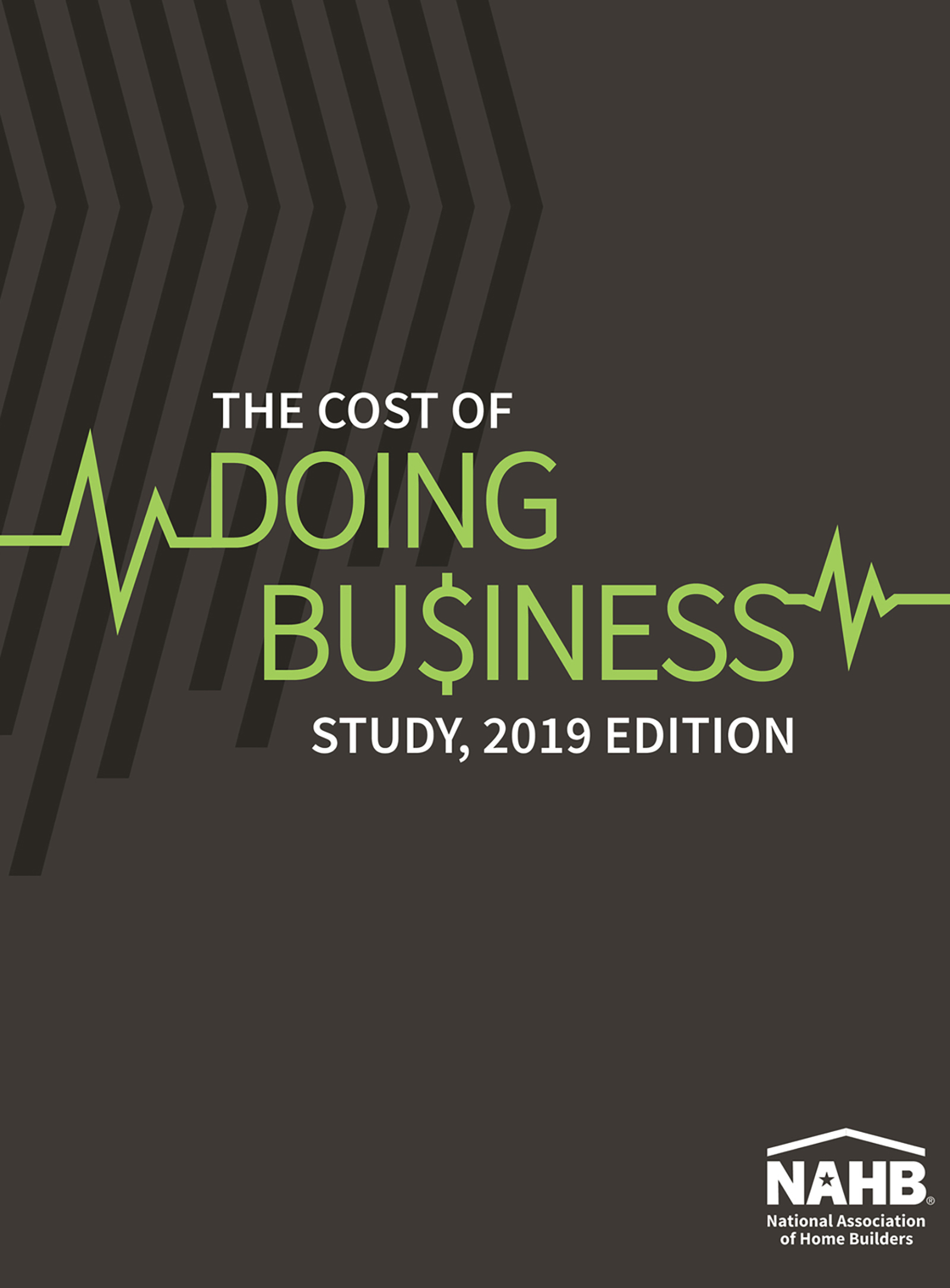
Cost of Doing Business Study, 2019 Edition NAHB's economics and business management experts collected and analyzed 2017 financial statements from builders across the country. They reported average revenue of $16.4 million, slightly over 2014's average of $16.2 million but 20% higher than in 2012. The Cost of Doing Business Study, 2019 Edition provides statistics and analysis so you can see how you compare to other builders, whether you build two homes a year or 2,000. This one-of-a-kind resource discusses financial performance according to builder type and size, as well as industry-wide averages using these key indicators: Gross margins, Net profits, Cost of sales, Operating expenses, Financial ratios TECHNOLOGY & ENGINEERING,Construction,General
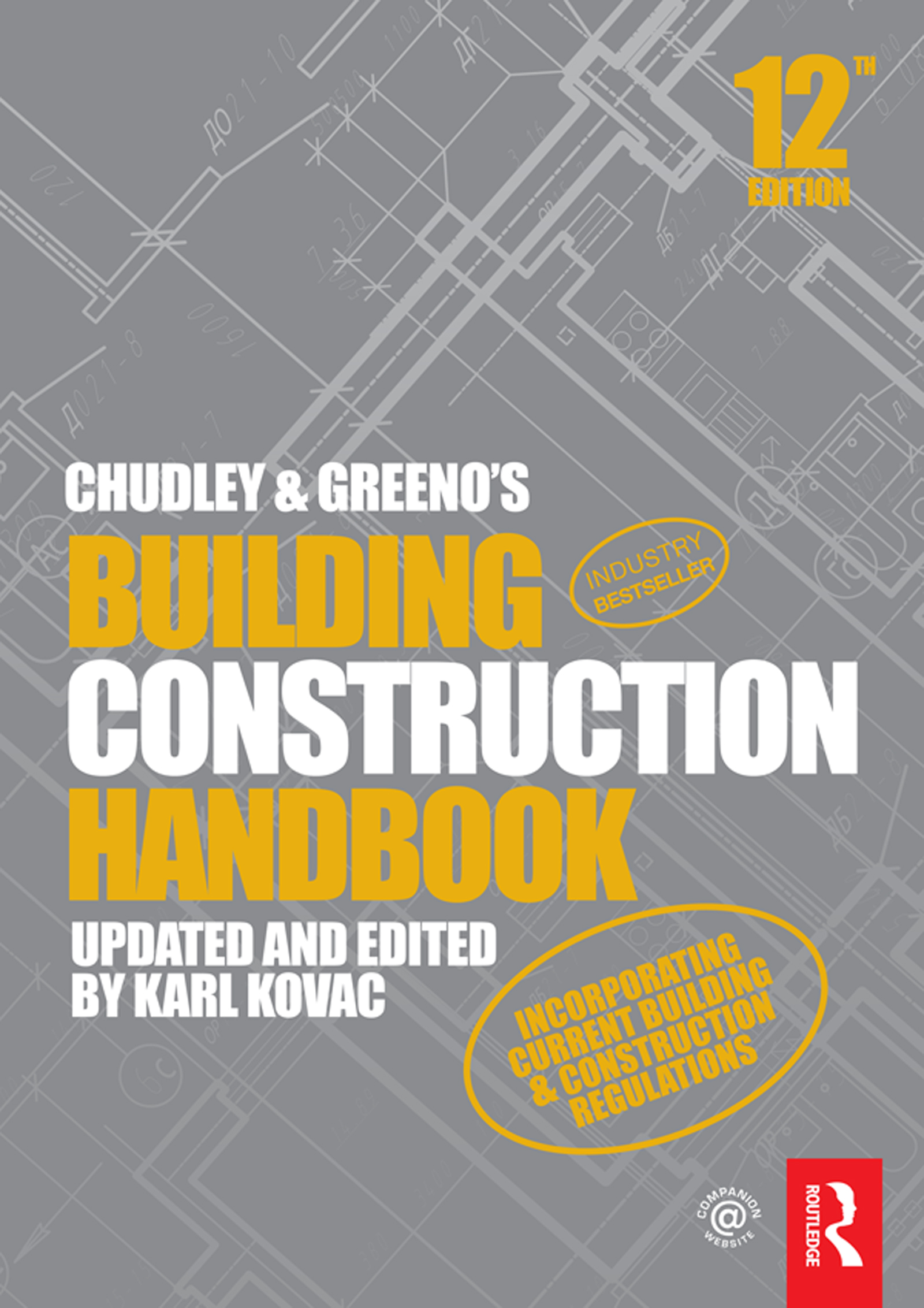
Chudley and Greeno's Building Construction Handbook The 12th edition of Chudley and Greeno’s Building Construction Handbook remains THE authoritative reference for all construction students and professionals. The principles and processes of construction are explained with the concepts of design included where appropriate. Extensive coverage of building construction practice, techniques and regulations representing both traditional procedures and modern developments are included to provide the most comprehensive and easy to understand guide to building construction. This new edition has been updated to reflect recent changes to the building regulations, as well as new material on modern methods of construction, greater emphasis on sustainability and a new look interior. Chudley and Greeno’s Building Construction Handbook is the essential, easy-to-use resource for undergraduate and vocational students on a wide range of courses including NVQ and BTEC National, through to Higher National Certificate and Diploma, to Foundation and three-year Degree level. It is also a useful practical reference for building designers, contractors and others engaged in the construction industry. TECHNOLOGY & ENGINEERING,Construction,General
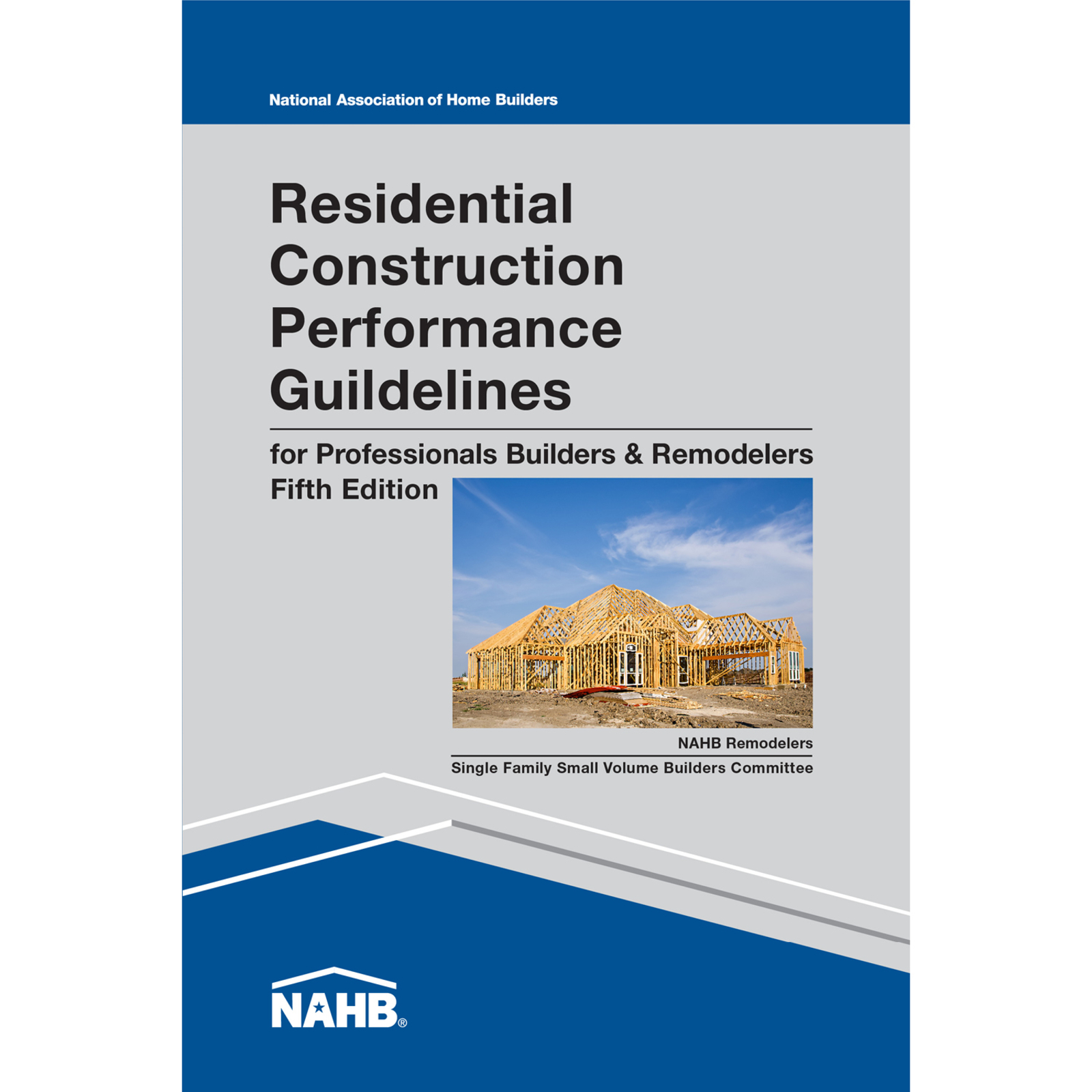
Residential Construction Performance Guidelines, Contractor Reference Residential construction performance guidelines is the most widely used recommendation by the home building and remodeling industry on how homes should perform during the warranty period. This fully-amended reference tool will help builders and remodelers manage customer expectations and resolve customer complaints, while delivering high-performance homes. Features include: More than 300 guidelines in 13 major construction categories New guidelines on wall insulation, windows and glass, roof trusses, roof vents, roof coverings, plumbing, electrical, flooring, and more Glossary of common terms Italicized terms throughout for easy identification in the Glossary The consumer version of Residential Construction Performance Guidelines (BuilderBooks item #00307, sold separately) allows you to: Help customers understand the basics of a properly constructed home and how it should perform during the warranty period Take action to resolve customer concerns before they escalate to complaints Exhibit your professionalism by showing that you consistently meet or exceed accepted industry guidelines TECHNOLOGY & ENGINEERING,Construction,General
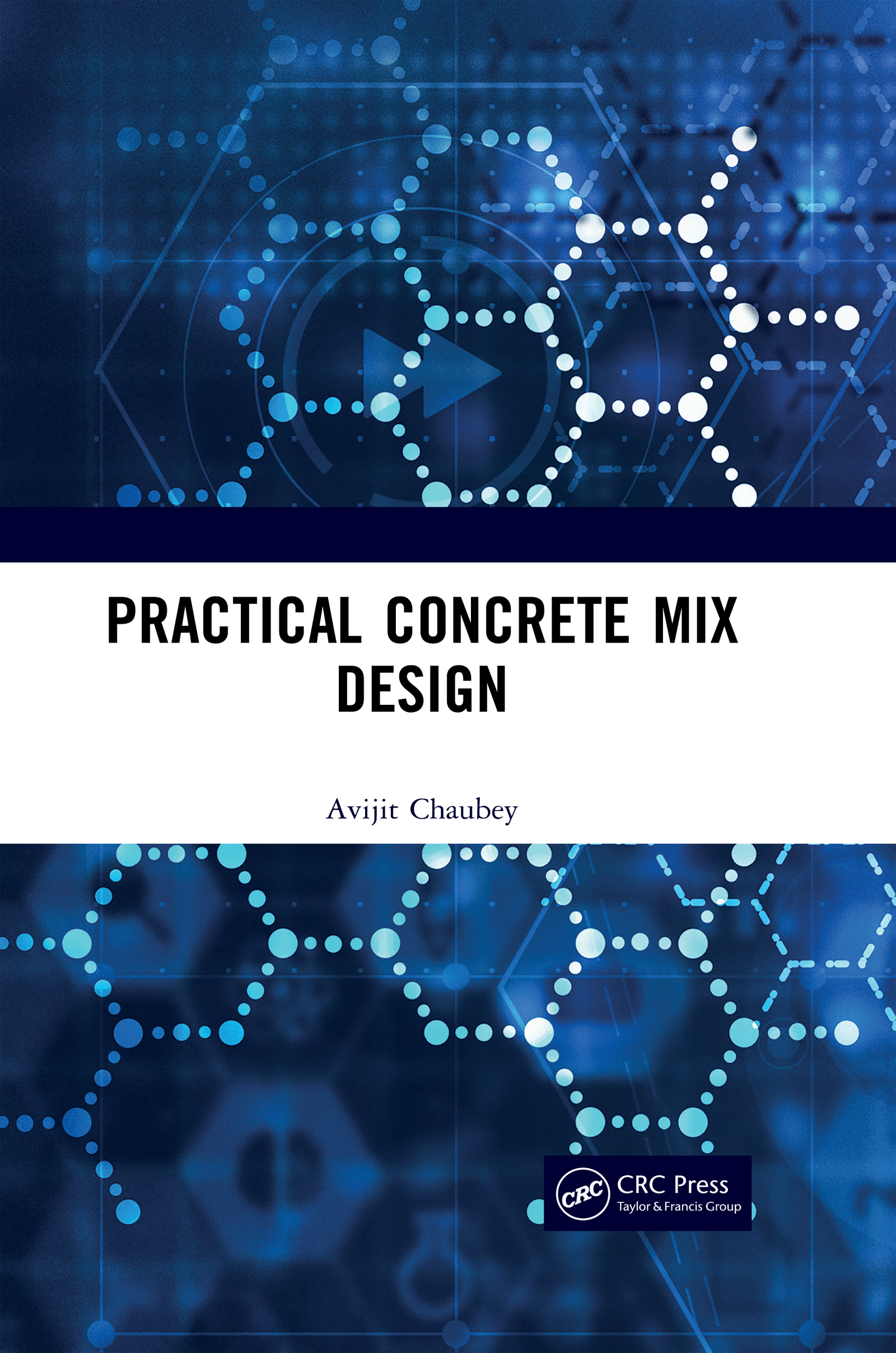
Practical Concrete Mix Design Practical Concrete Mix Design has been compiled to help readers understand the concrete mix design methodology, including formulas and tables involved in the pertinent steps. This book helps engineers understand the mix design procedure, through illuminating every possible explanation for each step of mix design, limitations given by standards, and practical guides on tailor-making concrete to meet specific requirements. The construction industry needs engineers/experts who can reduce the costs of concrete, and thereby increase their profitability. This book shows effective methods for optimizing concrete and simultaneously achieving the desired properties of concrete. It covers why, how, and when with respect to concrete proportioning and optimization. It further provides the necessary skills for engineers to hone their skills in doing so, understanding the risks involved, and troubleshooting related problems. TECHNOLOGY & ENGINEERING,Construction,General
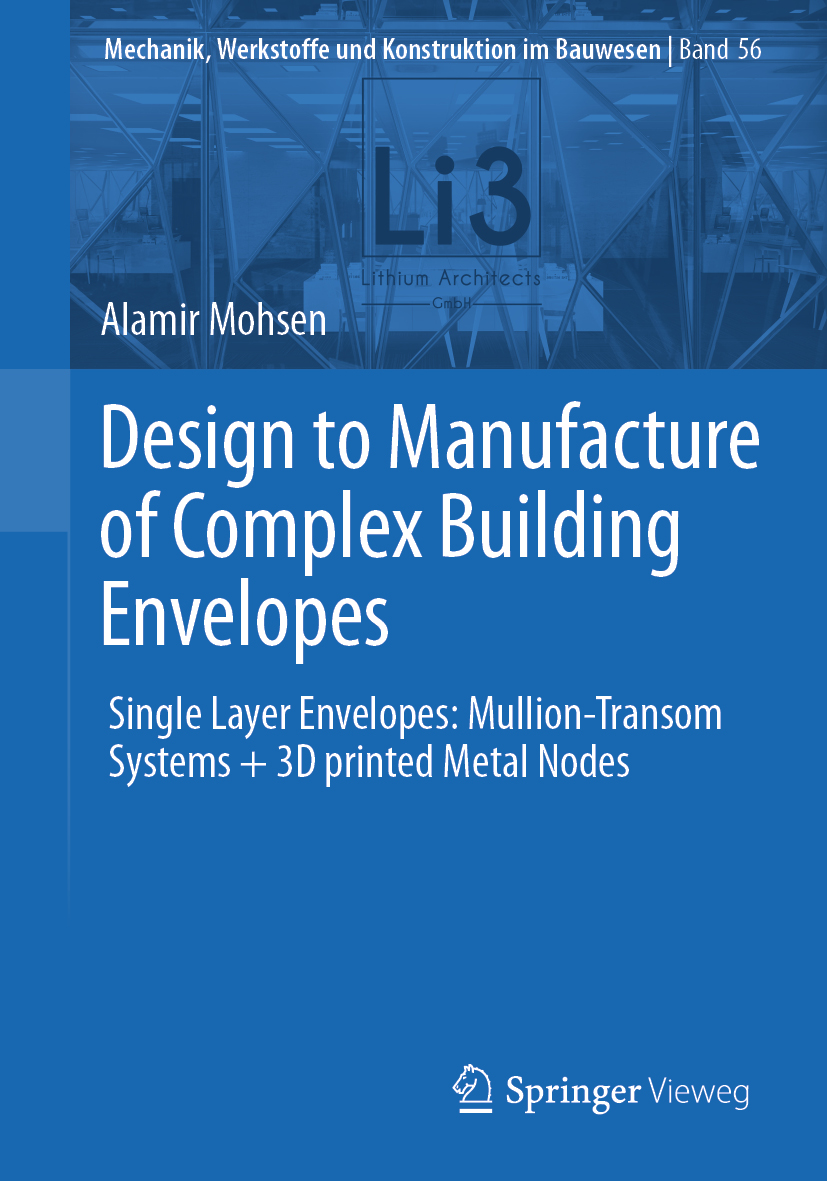
Design to Manufacture of Complex Building Envelopes This book discusses a new method for the design and engineering of complex façades. Based on the file-to-factory concept, the method combines parametric design approaches and additive manufacturing. Parametric design and additive manufacturing are both growing trends that open up new possibilities. Parametric design approaches change how planners / designers perceive building details. Further, new engineering concepts are needed to cope with the increasing complexity of architectural geometries due to the rapid developments in areas such as façade systems, modeling software and digital manufacturing techniques. TECHNOLOGY & ENGINEERING,Construction,General
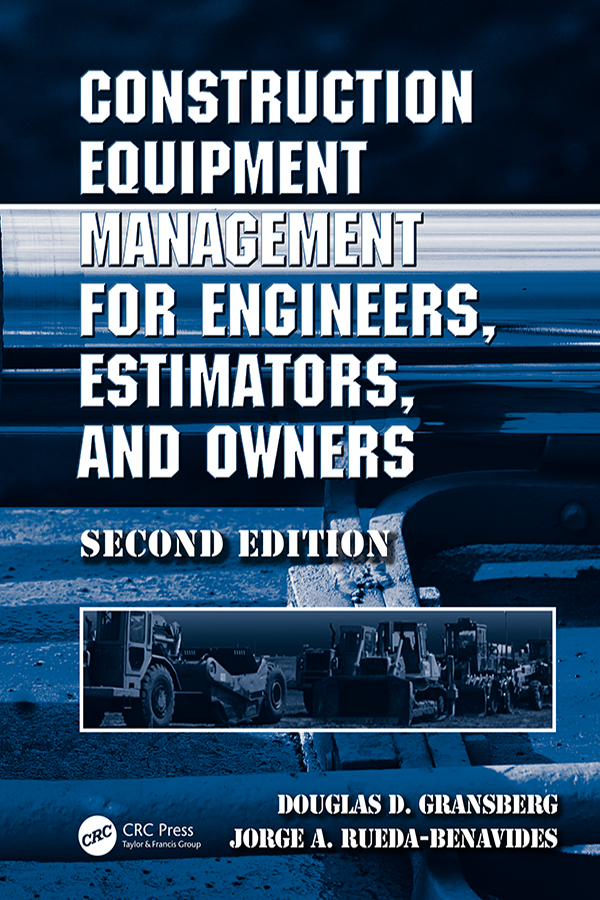
Construction Equipment Management for Engineers, Estimators, and Owners, Second Edition Construction Equipment Management for Engineers, Estimators, and Construction Managers, Second Edition has been extensively rewritten to not only bring it up to date with the state of current practice, but also to serve as a textbook for university courses in construction engineering and management. The authors advanced the previous edition’s practical, hands-on approach and added material on the future of construction equipment fleet management, which they believe will require a new technology-based skillset to maximize the cost-effectiveness of construction equipment operations. As such, the book covers the latest construction equipment technologies. Features: Examines emergent technologies in the field, including automated machine guidance systems, intelligent compaction operations, and equipment-related civil integrated management tools. Provides information on how to reduce an equipment fleet’s environmental impact, decreasing greenhouse gas emissions through enhanced equipment management and optimization practices. Discusses estimating equipment ownership, operating costs, economic life and optimal replacement timing. Demonstrates how to maximize profit by determining the optimum equipment mix and estimating productivity. Illustrates the use of production-based linear scheduling and stochastic simulations to maximize project cost and schedule certainty. This new edition will serve as an essential textbook for students as well as a valuable reference for a wide range of professionals within the construction, architecture, and engineering industries. TECHNOLOGY & ENGINEERING,Construction,General
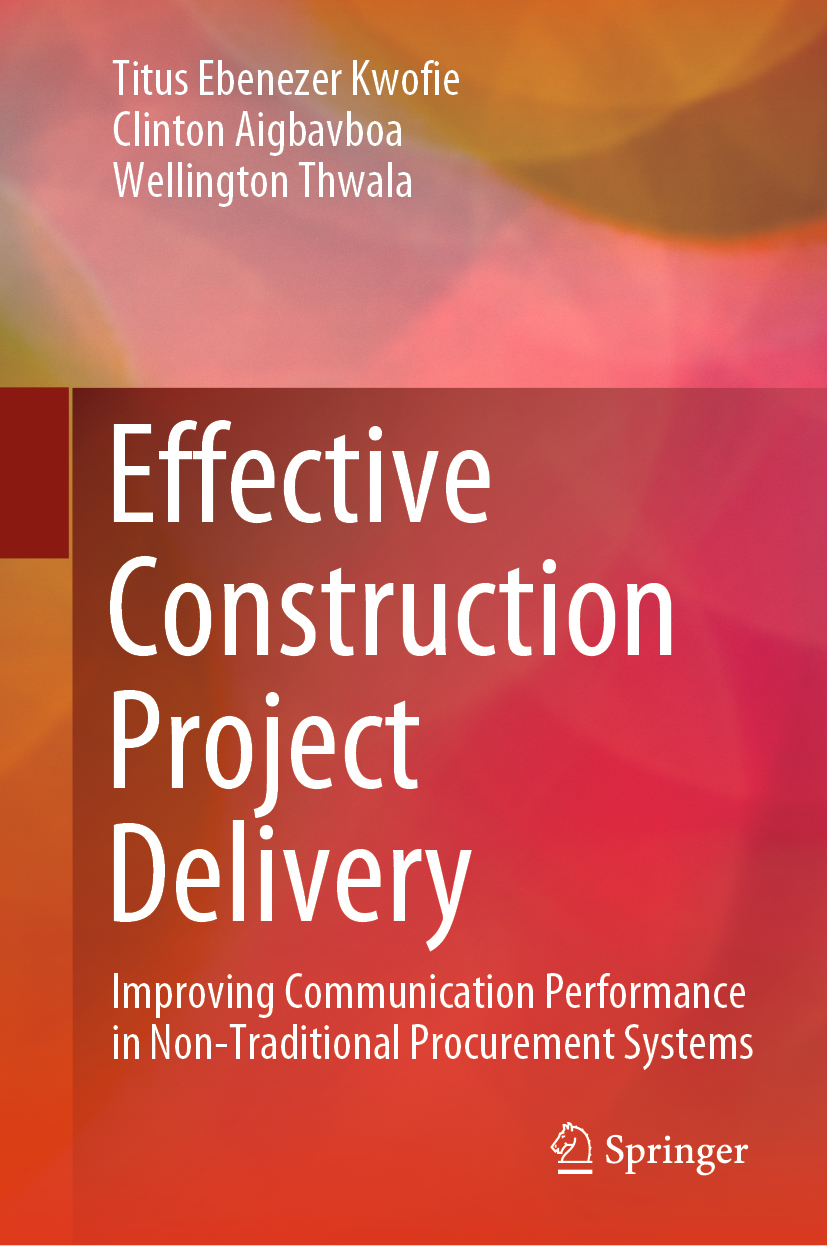
Effective Construction Project Delivery This book focuses on the development of communication skills in the context of non-traditional procurement and construction projects. It helps readers to understand the fundamentals of non-traditional procurement, and highlights the inherent communication challenges that arise, as well as how to solve them. The book is divided into four parts, the first of which provides an introduction to communication, discussing the theoretical concepts and contextual nature of communication as well as its benefits. The second part goes into more depth, discussing communication in the context of construction project delivery and non-traditional procurement systems, what these two terms actually mean, and what effective communication looks like in these contexts. Part III offers solutions to the inherent challenges of communication, including the use of information and communications technology, while the book’s fourth and final part explores the future of construction communication. Given the scope of its content, the book represents a valuable asset for researchers, professionals and students in the areas of procurement management and construction management. TECHNOLOGY & ENGINEERING,Construction,General

Radar Networks Radar networks are increasingly regarded as an efficient approach to enhancing radar capabilities in the face of popular anti-radar techniques and hostile operating environments. Reader-friendly and self-contained, this book provides a comprehensive overview of the latest radar networking technologies. The text addresses basic, relevant aspects of radar signal processing and statistical theories, including both civilian and military radar applications. It also discusses emerging topics that directly relate to networks, such as multiple-input–multiple-output (MIMO) radars, waveform design, and diversity via multiple transmitters. Other topics covered include target recognition and imaging using radar networks. Features Gives a comprehensive view of the latest radar network technologies Covers both civilian and military applications of radar Provides basic statistics and signal processing necessary for understanding radar networks Includes up-to-date information on MIMO radars Presents waveform design and diversity for radar networks with multiple transmitters TECHNOLOGY & ENGINEERING,Construction,General

Dynamic Analysis of Structures Dynamic Analysis of Structures reflects the latest application of structural dynamics theory to produce more optimal and economical structural designs. Written by an author with over 37 years of researching, teaching and writing experience, this reference introduces complex structural dynamics concepts in a user-friendly manner. The author includes carefully worked-out examples which are solved utilizing more recent numerical methods. These examples pave the way to more accurately simulate the behavior of various types of structures. The essential topics covered include principles of structural dynamics applied to particles, rigid and deformable bodies, thus enabling the formulation of equations for the motion of any structure. Covers the tools and techniques needed to build realistic modeling of actual structures under dynamic loads Provides the methods to formulate the equations of motion of any structure, no matter how complex it is, once the dynamic model has been adopted Provides carefully worked-out examples that are solved using recent numerical methods Includes simple computer algorithms for the numerical solution of the equations of motion and respective code in FORTRAN and MATLAB TECHNOLOGY & ENGINEERING,Construction,General
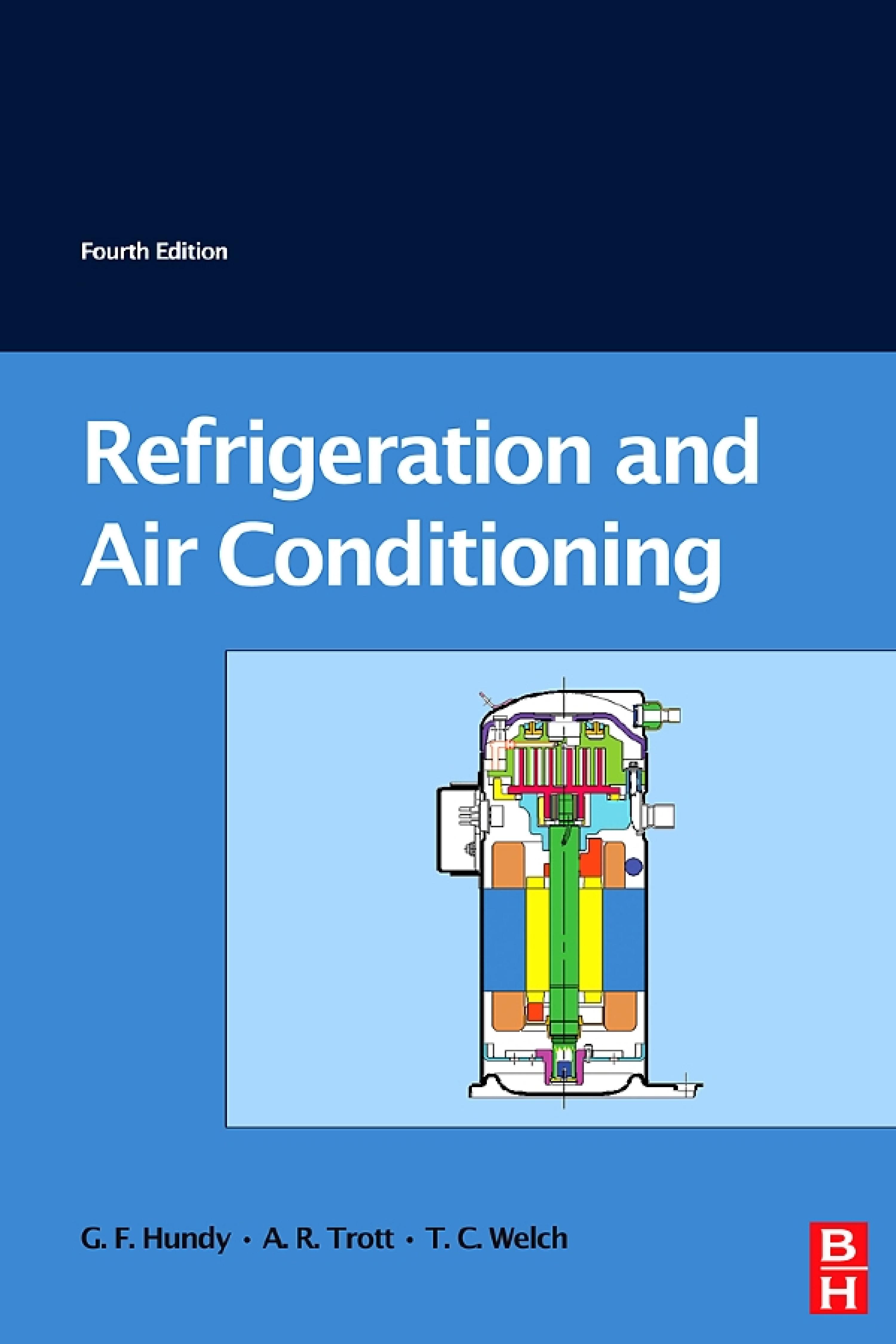
Refrigeration and Air-Conditioning Now in its fourth edition, this respected text delivers a comprehensive introduction to the principles and practice of refrigeration. Clear and straightforward, it is designed for students (NVQ/vocational level) and professional HVAC engineers, including those on short or CPD courses. Inexperienced readers are provided with a comprehensive introduction to the fundamentals of the technology. With its concise style yet broad sweep the book covers most of the applications professionals will encounter, enabling them to understand, specify, commission, use and maintain these systems. Many readers will appreciate the clarity with which the book covers the subject without swamping them with detailed technical or product specific information. New material in this edition includes the latest developments in refrigerants and lubricants, together with updated information on compressors, heat exchangers, liquid chillers, electronic expansion valves, controls and cold storage. Topics also covered include efficiency, environmental impact, split systems, retail refrigeration (supermarket systems and cold rooms), industrial systems, fans, air infiltration and noise. Author Information Guy Hundy studied Mechanical Engineering at Leeds University, UK. He started his career in the refrigeration industry with J & E Hall Ltd, Dartford. In 1985 he joined Copeland Europe and in 1998 he was appointed Director, Application Engineering, Copeland Europe. He has authored and co-authored papers and articles on compressors, applications and refrigerant changeover topics. Guy Hundy is a Chartered Engineer and works as a Technical Consultant. He is past - President of the Institute of Refrigeration. Covers principles, methods and application of refrigeration, air conditioning and heat pumps in a concise volume, without the encumbrance of handbook information found in other volumes Ideal for students, and professionals in other disciplines, not too theoretical but with sufficient depth to give an understanding of the issues, this book takes the reader from the fundamentals, through to system design, applications, contract specifications and maintenance Full revision by Guy Hundy with new diagrams and illustrations TECHNOLOGY & ENGINEERING,Construction,Heating,Ventilation & Air Conditioning

Audel HVAC Fundamentals, Volume 1 A reference you'll warm up to From the background and basics of heating systems to the newest chip-based technology, this first volume of Audel's HVAC Library gives you comprehensive information you need on the job. Whether you're installing, servicing, repairing, or troubleshooting an old or new heating system, you'll find what you're looking for, from wood and coal furnace maintenance to new calculations and the latest environmental technologies and regulations. * Review the basics of installation, wiring, and troubleshooting for different HVAC systems * Choose the correct system for the space, climate, and needs * Compare the economy and efficiency of various fuel types * Install, maintain, and troubleshoot conversion units * Find formula cross references, data tables with conversions, and listings of trade organizations and equipment manufacturers TECHNOLOGY & ENGINEERING,Construction,Heating,Ventilation & Air Conditioning
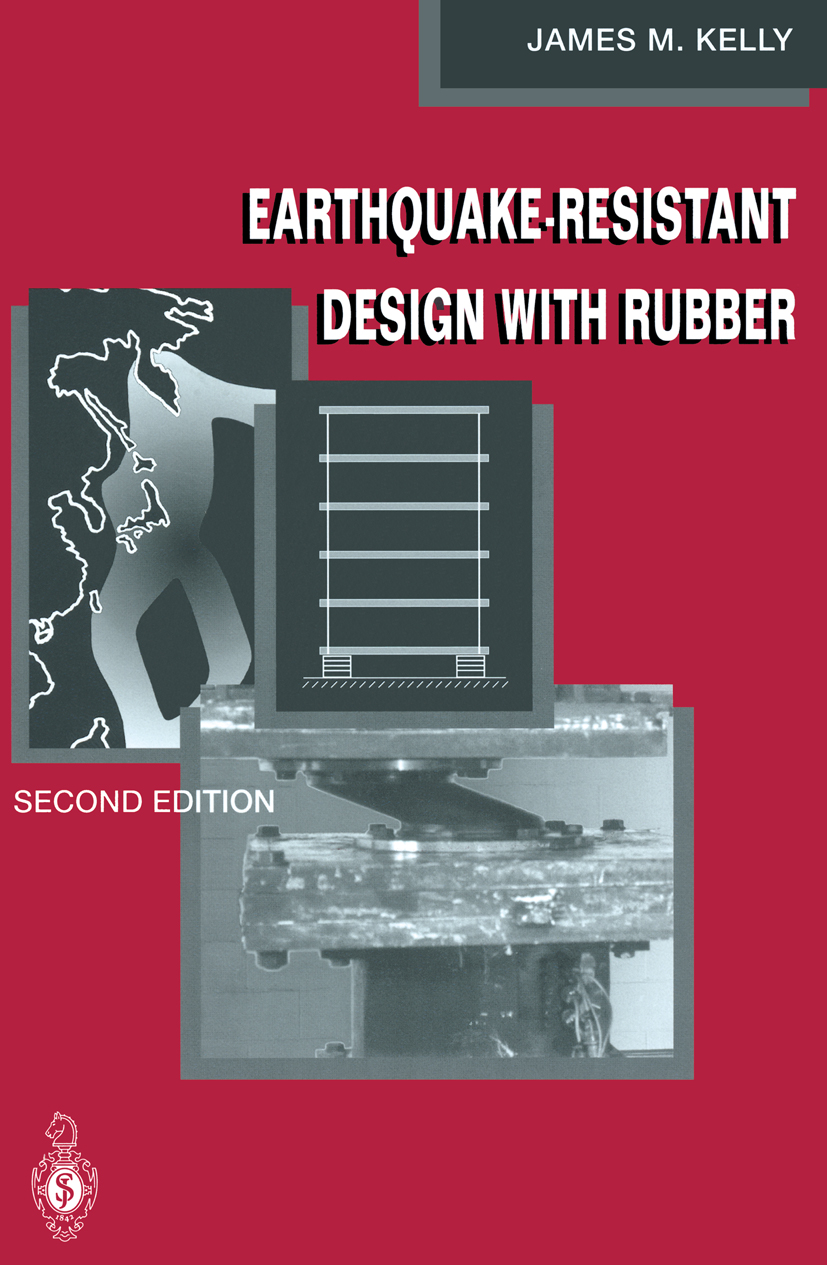
Earthquake-Resistant Design with Rubber Base isolation technology offers a cost-effective and reliable strategy for mitigating seismic damage to structures. The effectiveness of this new technology has been demonstrated not only in laboratory research, but also in the actual response of base-isolated buildings during earthquakes. Increasingly, new and existing buildings in earthquake-prone regions throughout the world are making use of this innovative strategy. In this expanded and updated edition, the design methods and guidelines associated with seismic isolation are detailed. The main focus of the book is on isolation systems that use a damped natural rubber. Topics covered include coupled lateral-torsional response, the behavior of multilayer bearings under compression and bending, and the buckling behavior of elastomeric bearings. Also featured is a section covering the recent changes in building code requirements. TECHNOLOGY & ENGINEERING,Construction,Heating,Ventilation & Air Conditioning
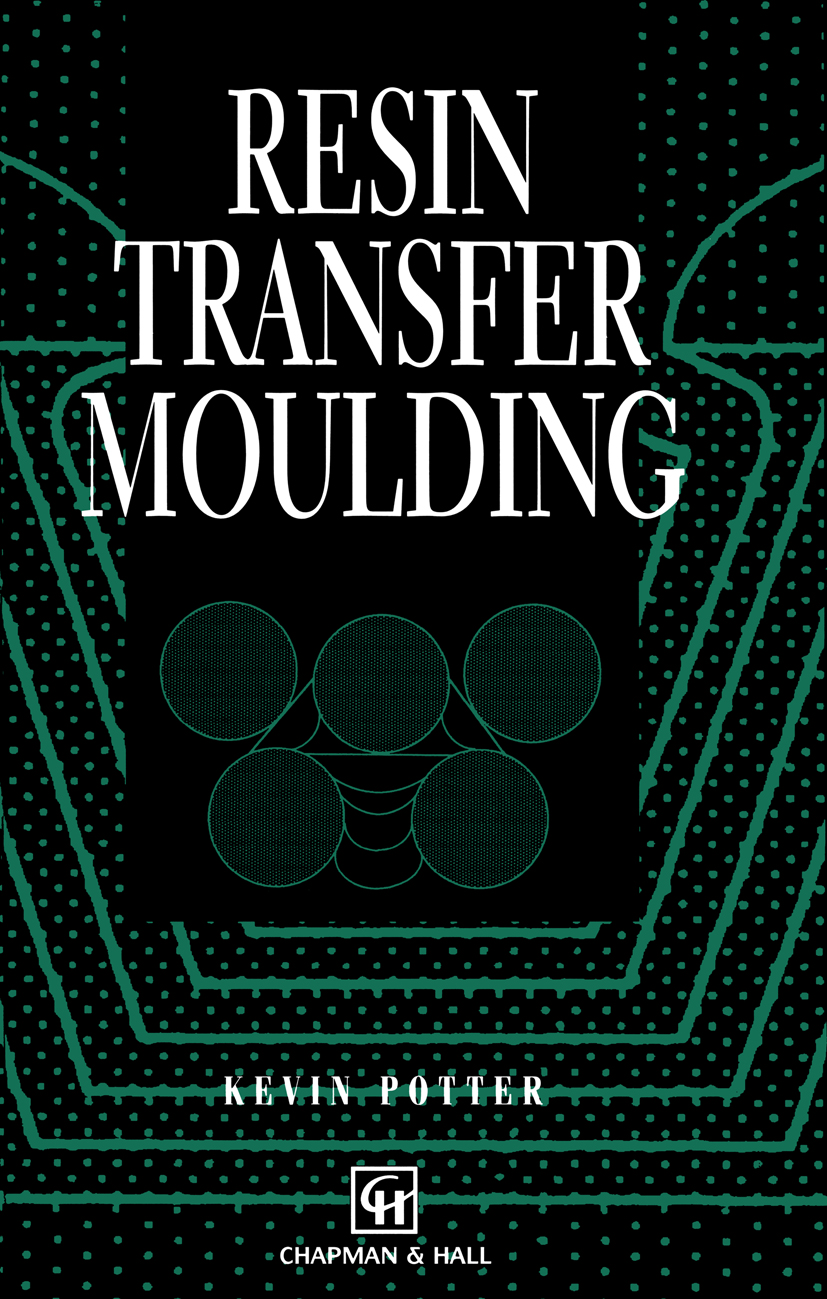
Resin Transfer Moulding Resin Transfer Moulding provides readers with the information needed to design, develop and manufacture high components via an RTM route and provides a framework which readers can use to place their endeavours within an industrial context. Readers are presented with information to give them an understanding of the scientific and theoretical background to RTM, thereby giving them an understanding of the major constraints on the process. This background is then built on by an in-depth consideration of the technological details that are required to utilise the process effectively. To achieve all this the book presents detailed sections on all the essential topics in RTM finishing with a case study. Resin Transfer Moulding simplifies the introduction of RTM technology into organizations wishing to benefit from the opportunities it brings, by gathering together all the necessary information in a single volume. TECHNOLOGY & ENGINEERING,Construction,Heating,Ventilation & Air Conditioning

Vibrations of Elastic Plates This book is based on my experiences as a teacher and as a researcher for more than four decades. When I started teaching in the early 1950s, I became interested in the vibrations of plates and shells. Soon after I joined the Polytechnic Institute of Brooklyn as a professor, I began working busily on my research in vibrations of sandwich and layered plates and shells, and then teaching a graduate course on the same subject. Although I tried to put together my lecture notes into a book, I never finished it. Many years later, I came to the New Jersey Institute of Technology as the dean of engineering. When I went back to teaching and looked for some research areas to work on, I came upon laminated composites and piezoelectric layers, which appeared to be natural extensions of sandwiches. Working on these for the last several years has brought me a great deal of joy, since I still am able to find my work relevant. At least I can claim that I still am pursuing life-long learning as it is advocated by educators all over the country. This book is based on the research results I accumulated during these two periods of my work, the first on vibrations and dynamical model ing of sandwiches, and the second on laminated composites and piezoelec tric layers. TECHNOLOGY & ENGINEERING,Construction,Heating,Ventilation & Air Conditioning
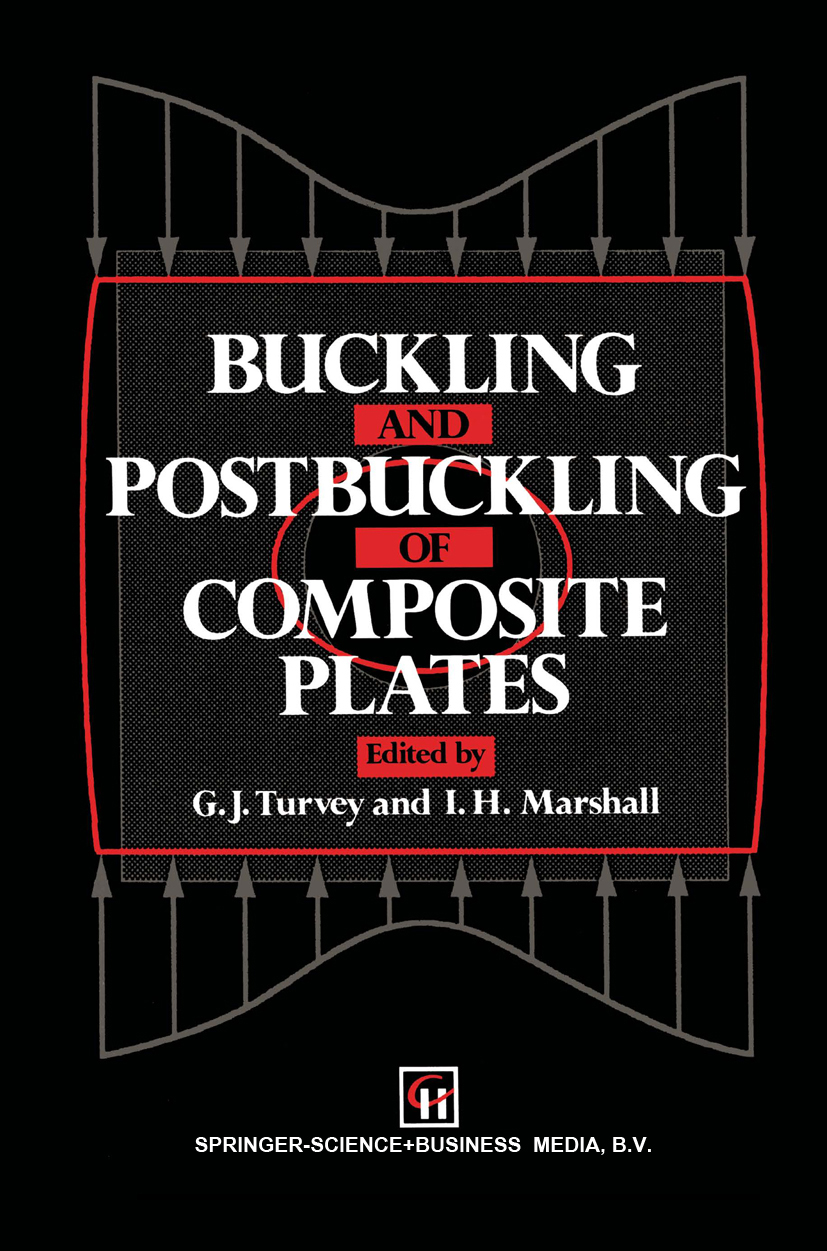
Buckling and Postbuckling of Composite Plates Contributed by leading authorities in the field from around the world, this text provides a comprehensive insight into buckling and postbuckling. Basic theory, methods of buckling analysis and their application, the effect of external variables such as temperature and humidity on the buckling response and buckling tests are all covered. TECHNOLOGY & ENGINEERING,Construction,Heating,Ventilation & Air Conditioning
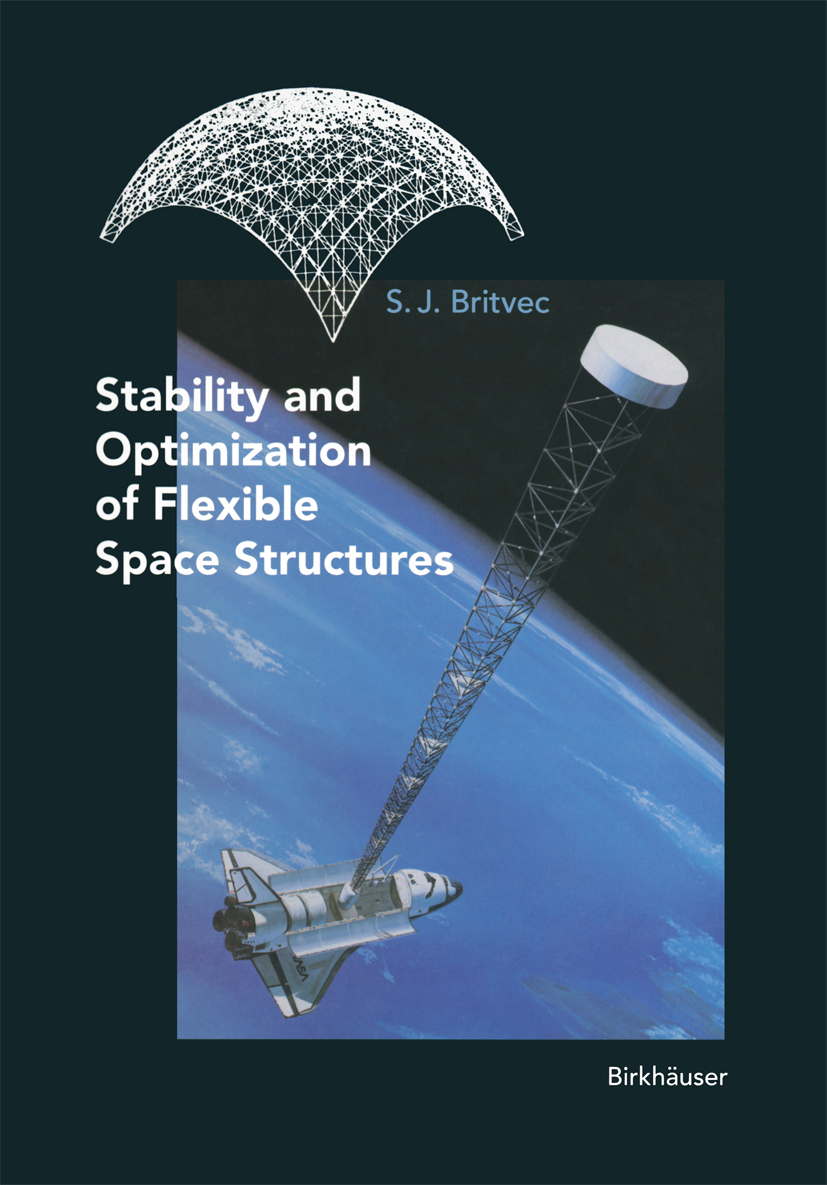
Stability and Optimization of Flexible Space Structures The aim of this book is to present up-to-date methodologies in the analysis and optimization of the elastic stability of lightweight statically determinate, and in- determinate, space structures made of flexible members which are highly stiff when loaded centrally at the nodes. These are flat and curved space pin- connected open or enveloped lattices and reticulated shells which, due to their high loadbearing capacity to weight ratios, are gaining in importance in aerospace and other fields. They are utilized, for example, in space stations, as support structures for large radio-telescopes and for other equipment on earth and in outer space, as roof structures for the coverage and enclosure of large areas on earth and as underwater shell-type structures enveloped by a cover-shell capable of withstanding high hydrostatic pressures. • Space structures of this type are generally subjected to considerable internal axial loads in the flexible members and they fail through the loss of global statical stability, usually precipitated by the intrinsic small imperfections at finite near-critical elastic deformations - and not primarily by the the break-down of the material of which they are made, as is the case in conventional systems. Thus, the criterion in the design of such structures calls for eliminating or isolating the onset of the elastic dynamic collapse thereby increasing their safe stability limit. • Standard finite element methods, as they are employed by most users today, are totally inadequate for such analyses since they do not account for the choice of the branching paths in the loading process of the structure nor for the existence of the relevant collapse modes. • These aspects are novel and they are presented here for the first time in comprehensive book form. TECHNOLOGY & ENGINEERING,Construction,Heating,Ventilation & Air Conditioning

Polypropylene Structure, blends and Composites Although polypropylene has been marketed since the 1950s, research and development in this area is still vigorous. The consumption of polypropylene over the years has been relatively high, mainly due to the steady improvement of its property profile. Polypropylene: Structures, Blends and Composites, in three separate volumes, reflects on the key factors which have contributed to the success of polypropylene, dealing with all aspects of structure-performance relationships relevant to thermoplastic polymers and related composites. Volume 1, Structure and Morphology, deals with polymorphism in polypropylene homo- and copolymers, where molecular and supermolecular structures are covered, and the processing-induced structure development of polypropylene, showing the interrelation between the processing-induced morphology and mechanical performance. Volume 2, Copolymers and Blends, contains comprehensive surveys of the nucleation and crystallisation behaviour of the related systems. It includes the development of morphology and its effects on rheological and mechanical properties of polypropylene-based alloys and blends and a review of polypropylene-based thermoplastic elastomers. Volume 3, Composites, gives a comprehensive overview of filled and reinforced systems with polypropylene as a matrix material, with the main emphasis on processing-structure-property-interrelationships. Chapters cover all aspects of particulate filled, chopped fibre-, fibre mat- and continuous fibre-reinforced composites. Interfacial phenomena, such as adhesion, wetting and interfacial crystallisation, are also included as important aspects of this subject. TECHNOLOGY & ENGINEERING,Construction,Heating,Ventilation & Air Conditioning

Dynamic Stiffness and Substructures Dynamic Stiffness and Substructures models a complex dynamic system and offers a solution to the advanced dynamical problem associated with the effects of wind and earthquakes on structures. Since the system matrices are inevitably frequency dependant, those are exclusively considered in this publication. The relation between the frequency matrices by the Leung's theorem is most important in the development of efficient algorithms for the natural modes. This new approach was developed by the author over the past 15 years. It offers practising engineers and researchers a wide choice for structural modelling and analysis. Abundant numerical examples enable the reader to understand the theorem and to apply the methods. TECHNOLOGY & ENGINEERING,Construction,Heating,Ventilation & Air Conditioning
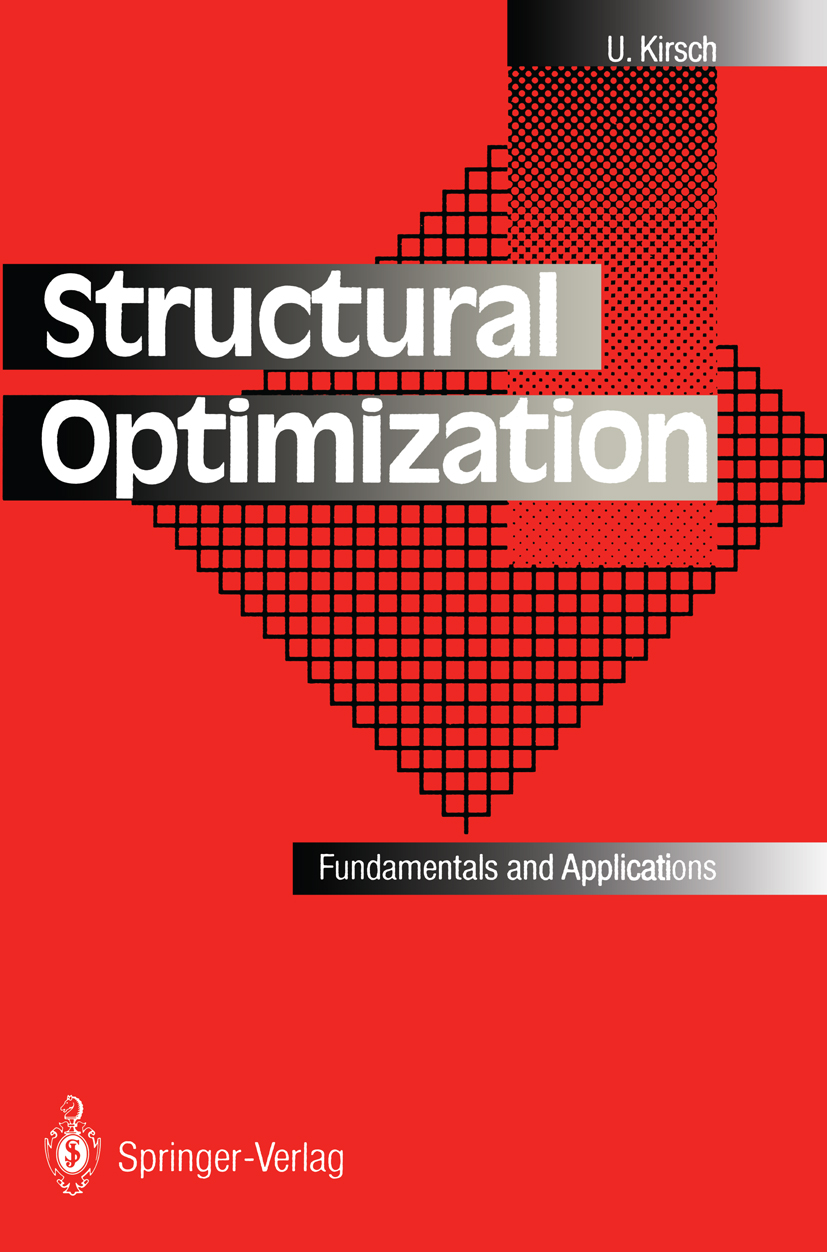
Structural Optimization This book was developed while teaching a graduate course at several universities in the United States. Europe and Israel. during the last two decades. The purpose of the book is to introduce the fundamentals and applications of optimum structural design. Much work has been done in this area recently and many studies have been published. The book is an attempt to collect together selected topics of this literature and to present them in a unified approach. It meets the need for an introductory text covering the basic concepts of modem structural optimization. A previous book by the author on this subject ("Optimum Structural Design". published by McGraw-Hill New York in 1981 and by Maruzen Tokyo in 1983). has been used extensively as a text in many universities throughout the world. The present book reflects the rapid progress and recent developments in this area. A major difficulty in studying structural optimization is that integration of concepts used in several areas. such as structural analysis. numerical optimization and engineering design. is necessary in order to solve a specific problem. To facilitate the study of these topics. the book discusses in detail alternative problem formulations. the fundamentals of different optimization methods and various considerations related to structural design. The advantages and the limitations of the presented approaches are illustrated by numerous examples. TECHNOLOGY & ENGINEERING,Construction,Heating,Ventilation & Air Conditioning
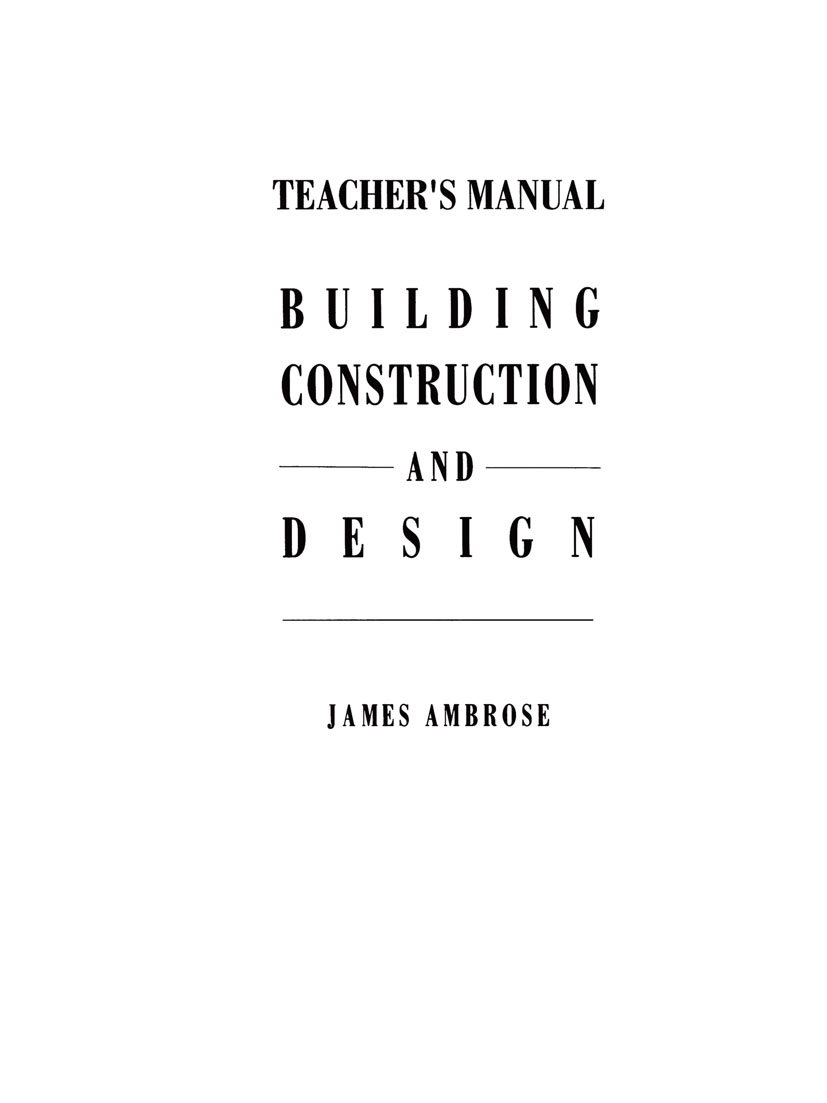
Teacher’s Manual for Building Construction and Design study or teaching. This manual explores the This publication is intended for persons who are various possibilities for using the book in just planning to use my book, Building Construction about all the ways I can imagine in terms of and Design, as a basic text or reference for some teaching effort. The book was indeed written to teaching situations and learning goals. be used for study purposes, including those in Most college teachers get no teacher education volving some classroom situation with a teacher. or training (me included). If both totally unpre The book itself is organized and presented es pared by training and also inexperienced in sentially for the utility of the readers; with or teaching work, the teacher faces a vast abyss of without the benefit of guidance by a teacher. unknowns in approaching the classroom and the This manual is written for the teacher and deals blank stares of a room full of students. Any help is wanted, and this manual may hopefully supply with teaching in general, as well as with the some for the less experienced teachers. In specific use of my book. TECHNOLOGY & ENGINEERING,Construction,Heating,Ventilation & Air Conditioning
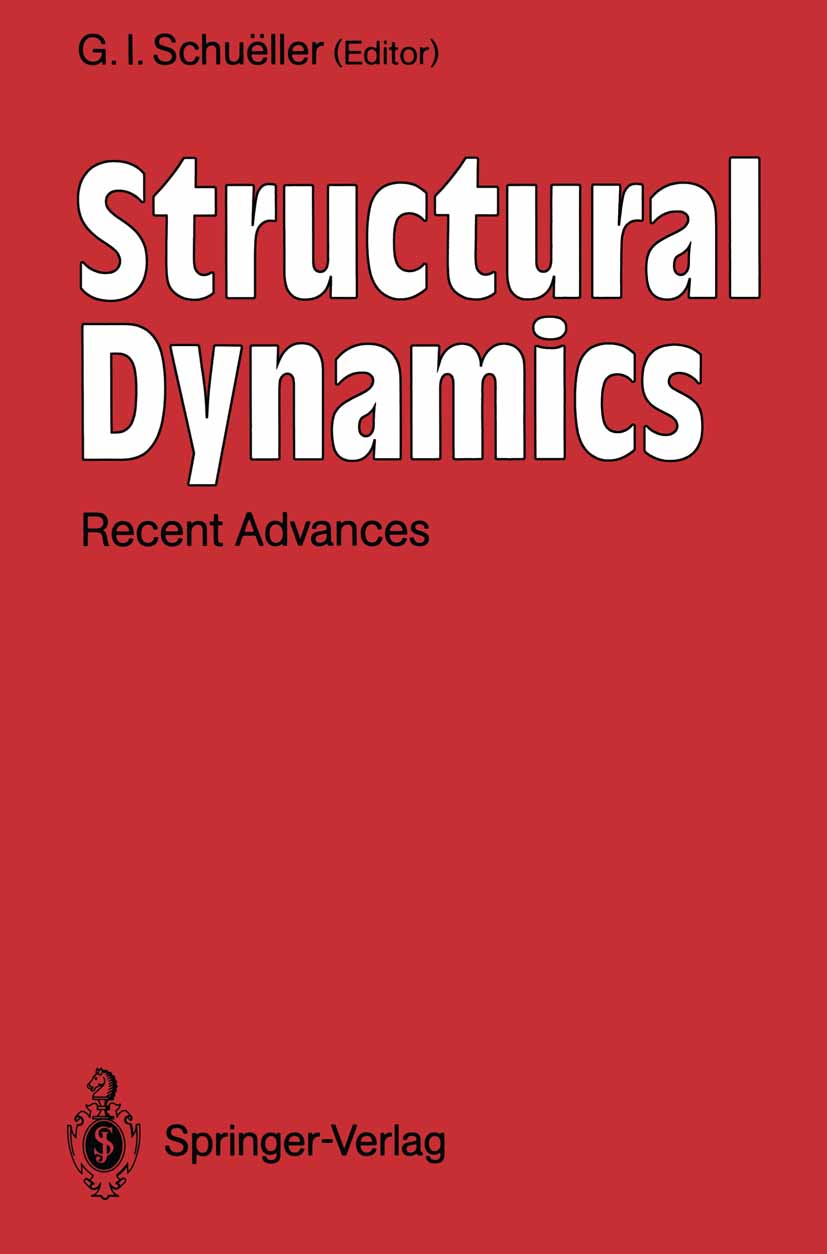
Structural Dynamics This book contains some new developments in the area of Structural Dynamics. In general it reflects the recent efforts of several Austrian research groups during the years 1985 - 1990. The contents of this book cover both theoretical developments as well as practical applications and hence can be utilized by researchers as well as the practicing engineers. Quite naturally, realistic modeling of a number of load types such as wind and earthquake loading, etc. , requires taking into account statistical uncertainties. Hence these loads have to be characterized by stochastic processes. As a consequence, stochastic aspects must play a major role in modem structural dynamics. Since an extended modeling of the load processes should not be counterbalanced by simplifying the structural models, considerable efforts have been put into the development of procedures which allow the utilization of e. g. FE models and codes which are utilized presently in context with simplified, i. e. "deterministic" load models. Thus the processing of the additional information on loads as well as including statistical properties of the material allows to provide additional answers, i. e. quantification of the risk of structural failure. This volume concentrates on four major areas, i. e. on load modeling, structural response analysis, computational reliability procedures, and finally on practical application. Quite naturally only special fields and particular, i. e. selected types of problems can be covered. Specific reference is made, however, to cases where generalizations are possible. TECHNOLOGY & ENGINEERING,Construction,Heating,Ventilation & Air Conditioning
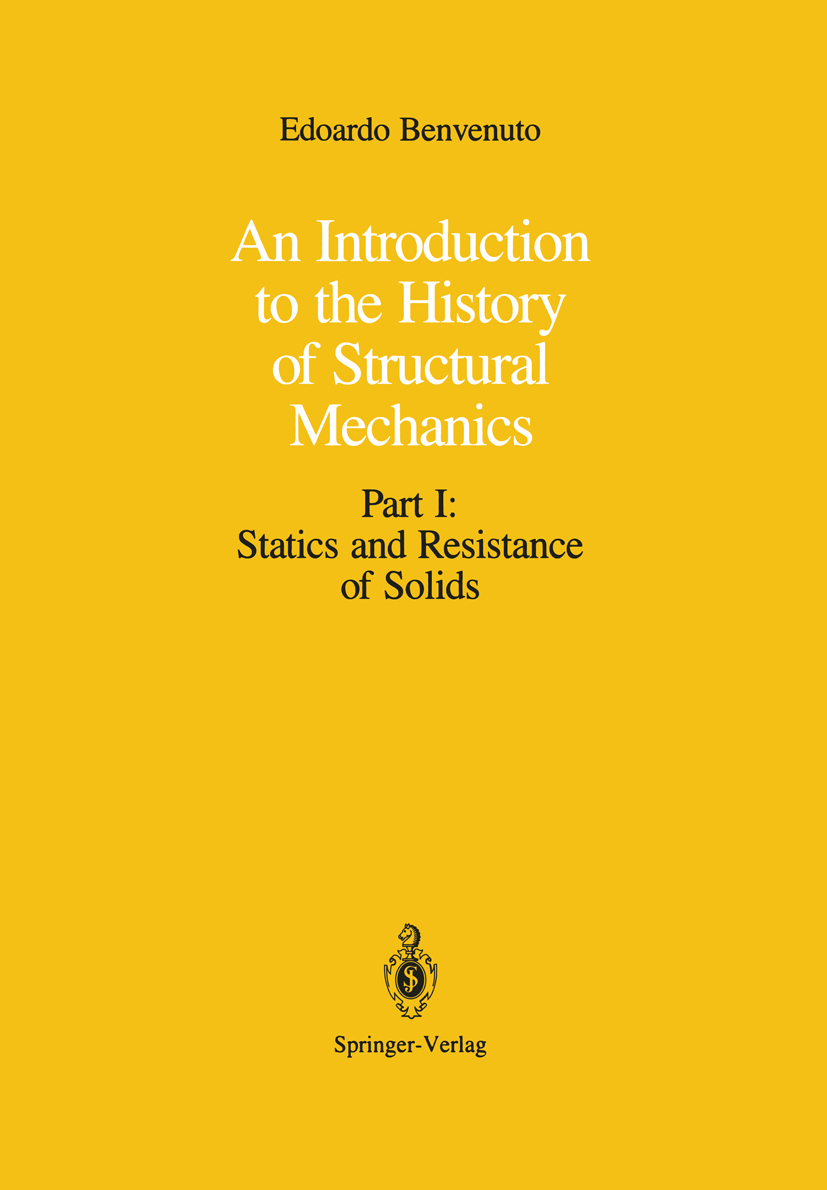
An Introduction to the History of Structural Mechanics This book is one of the finest I have ever read. To write a foreword for it is an honor, difficult to accept. Everyone knows that architects and master masons, long before there were mathematical theories, erected structures of astonishing originality, strength, and beauty. Many of these still stand. Were it not for our now acid atmosphere, we could expect them to stand for centuries more. We admire early architects' visible success in the distribution and balance of thrusts, and we presume that master masons had rules, perhaps held secret, that enabled them to turn architects' bold designs into reality. Everyone knows that rational theories of strength and elasticity, created centuries later, were influenced by the wondrous buildings that men of the sixteenth, seventeenth, and eighteenth centuries saw daily. Theorists know that when, at last, theories began to appear, architects distrusted them, partly because they often disregarded details of importance in actual construction, partly because nobody but a mathematician could understand the aim and func tion of a mathematical theory designed to represent an aspect of nature. This book is the first to show how statics, strength of materials, and elasticity grew alongside existing architecture with its millenial traditions, its host of successes, its ever-renewing styles, and its numerous problems of maintenance and repair. In connection with studies toward repair of the dome of St. Peter's by Poleni in 1743, on p. TECHNOLOGY & ENGINEERING,Construction,Heating,Ventilation & Air Conditioning
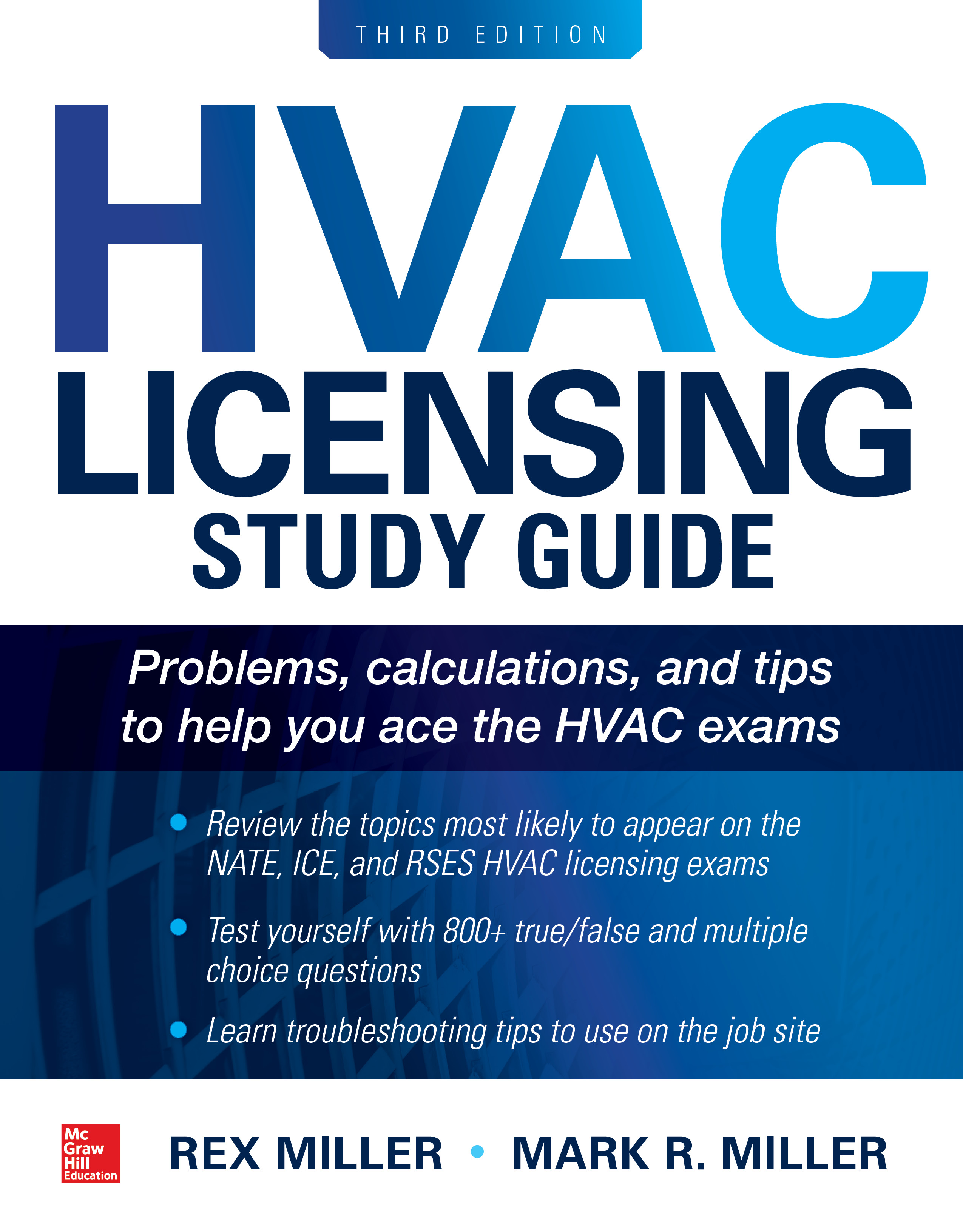
HVAC Licensing Study Guide, Third Edition Publisher's Note: Products purchased from Third Party sellers are not guaranteed by the publisher for quality, authenticity, or access to any online entitlements included with the product. Ace the Major HVAC Licensing Exams! Featuring more than 800 accurate practice questions and answers, HVAC Licensing Study Guide, Third Edition, provides everything you need to prepare for and pass the major HVAC licensing exams. This highly-effective, career-building study resource is filled with essential calculations, troubleshooting tips for the job site, hundreds of detailed illustrations, and information on the latest codes and standards. You will get brand-new coverage of troubleshooting for small motors and electrical equipment for HVAC. This thoroughly revised study guide helps you: • Master the material most likely to appear on the ARI, NATE, ICE, RSES, and HVAC licensing exams • Improve your test-taking ability with 800+ true-false and multiple-choice questions and answers • Learn about current refrigerant usage and regulations • Keep up with the most recent codes and standards • Acquire the confidence, skills, and knowledge needed to pass your exam Covers key HVAC topics, including: • Heat sources • Heating systems • Boilers, burners, and burner systems • Piping systems • Ductwork sizing • Refrigerants • Cooling and distribution systems • Refrigeration equipment and processes • Filters and air flow • Maintenance, servicing, and safety • Humidification, dehumidification, and psychrometrics • EPA-refrigerant reclaimers • Heating circuits • Safety on the job • Trade associations and codes • Troubleshooting for small motors • Electrical equipment for HVAC TECHNOLOGY & ENGINEERING,Construction,Heating,Ventilation & Air Conditioning
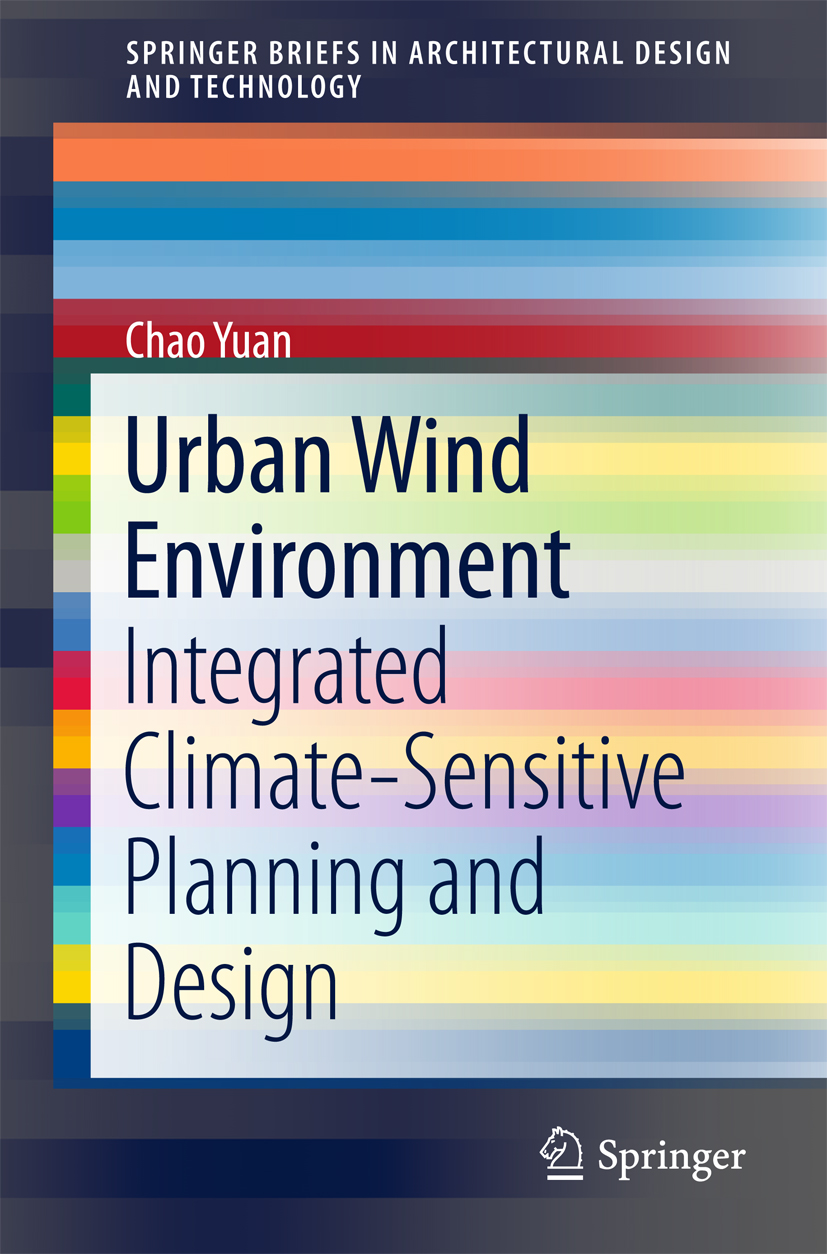
Urban Wind Environment In the context of urbanization and compact urban living, conventional experience-based planning and design often cannot adequately address the serious environmental issues, such as thermal comfort and air quality. The ultimate goal of this book is to facilitate a paradigm shift from the conventional experience-based ways to a more scientific, evidence-based process of decision making in both urban planning and architectural design stage. This book introduces novel yet practical modelling and mapping methods, and provides scientific understandings of the urban typologies and wind environment from the urban to building scale through real examples and case studies. The tools provided in this book aid a systematic implementation of environmental information from urban planning to building design by making wind information more accessible to both urban planners and architects, and significantly increasing the impact of urban climate information on the practical urban planning and design. This book is a useful reference book to architectural postgraduates, design practitioners and planners, urban climate researchers, as well as policy makers for developing future livable and sustainable cities. TECHNOLOGY & ENGINEERING,Construction,Heating,Ventilation & Air Conditioning

Brick Bonding This book contains examples drawn to a scale of 1:10 and marked out in quarter-brick spacings, exactly the same as the question in the exam paper. The problems range from fairly simple to progressively harder. The author also wrote "Brickwork and Associated Studies". TECHNOLOGY & ENGINEERING,Construction,Heating,Ventilation & Air Conditioning
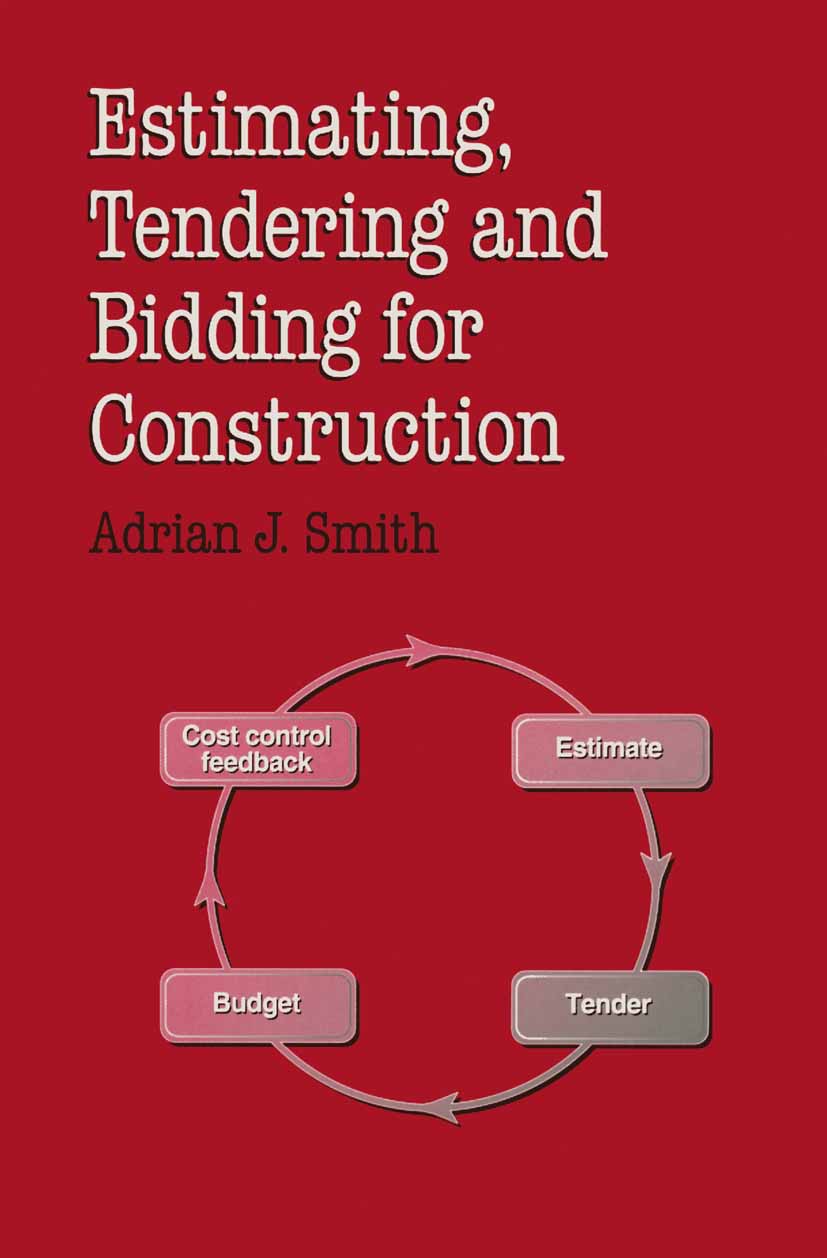
Estimating, Tendering and Bidding for Construction Work This book examines estimating and bidding for construction work in the context of construction economics and construction management. It will appeal to undergraduate students of the built environment, particularly those studying building, construction economics and quantity surveying. After an introductory chapter on the construction industry and the market forces that operate within it, there follows a review of a range of estimating methods and an examination of the relationship between estimating and project planning. Sub-contracting, the price of preliminaries, plan and specification contracts, and overheads, profit and project financing are each considered separately, with examples, in ; chapters 7 to 10. Chapter 11 considers the adjudication and bid submission process, while subsequent chapters deal with risk and uncertainty in estimating and tendering, bidding strategies, the client's view of the competitive bidding process, consortium and joint venture bidding, and the use of computers. TECHNOLOGY & ENGINEERING,Construction,Heating,Ventilation & Air Conditioning
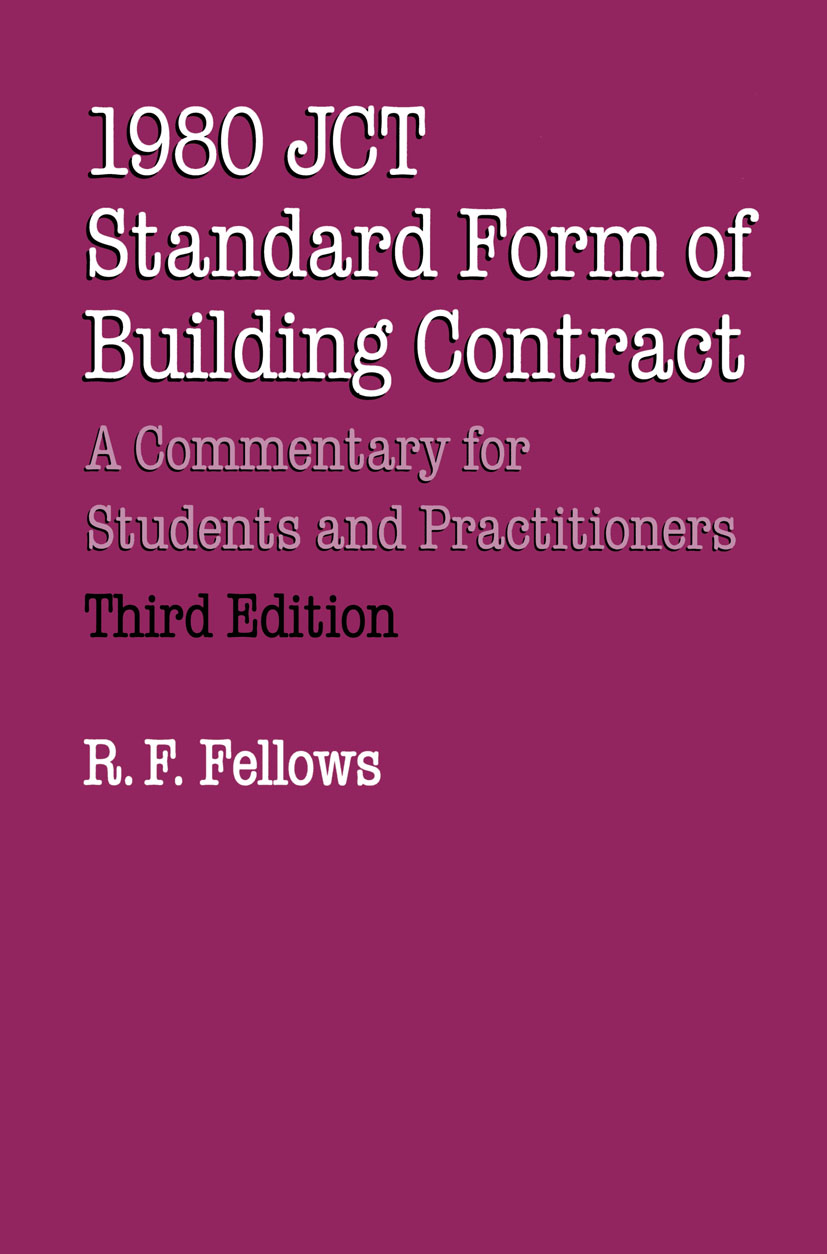
1980 JCT Standard Form of Building Contract This book analyses and comments on the 1980 JCT Standard Form of Building Contract, Private with Quantities Edition on a clause-by-clause basis, including notes on interpretation, legal precedents and information on the alternative editions of the Standard Form as well as the appropriate supplements. The third edition of this book incorporates the amendments published up to the end of November 1994 and updates the case law to include significant, recent precedents which supplement those included in the first two editions. Thus, this book will prove of use to many concerned with building, whether in industry or the professions commonly encountering problems of interpretation and implementation of the contract, or as students. The use of this book is recommended to be in conjunction with a copy of the appropriate JCT contract in order that the exact terminology of the document may be studied together with its interpretation. This is particularly important in practical situations where amendments to the contract vary the standard terms. TECHNOLOGY & ENGINEERING,Construction,Heating,Ventilation & Air Conditioning

Property Finance Property Finance provides an overview of the field, linking the areas of property and construction with an understanding of financial structures and concepts. The aim is to present an insight and a strategy for understanding and learning about these concepts and structures, and to introduce the reader to the institutions in the market which provide finance for real estate investment and development. TECHNOLOGY & ENGINEERING,Construction,Heating,Ventilation & Air Conditioning
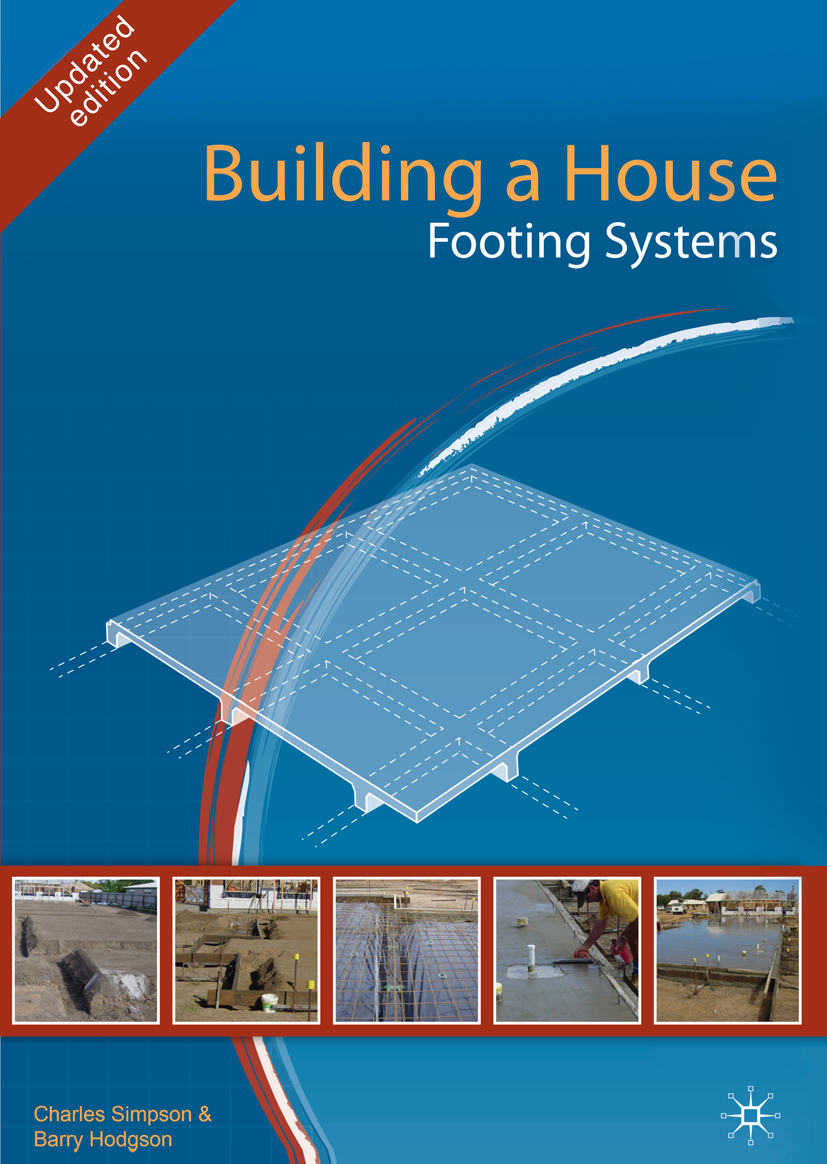
Building a House This is an Australian book that examines in detail the 'wet' processes involved in constructing a house. It covers footing systems used in various types of house construction and has been written to current Australian Standards. Both slab on ground construction and the setting out and construction requirements for concrete strip footings are covered, including practical information on: site classification slab types step by step design and plan detailing setting out strip footings for a brick house the slump and compression tests constructing a slab on the ground, step-by-step calculating quantities and costing There are over 150 detailed drawings complementing the easy-to-read text. Trade terms are defined as they are encountered. The book is suitable for training in VET programs both on and off the job. It is ideally suited to all trade courses related to building construction, from Certificate and Advanced Certificate courses in building construction and building surveying and associated Diploma courses in architectural drawing. It is also a valuable resource for the owner/builder. TECHNOLOGY & ENGINEERING,Construction,Heating,Ventilation & Air Conditioning
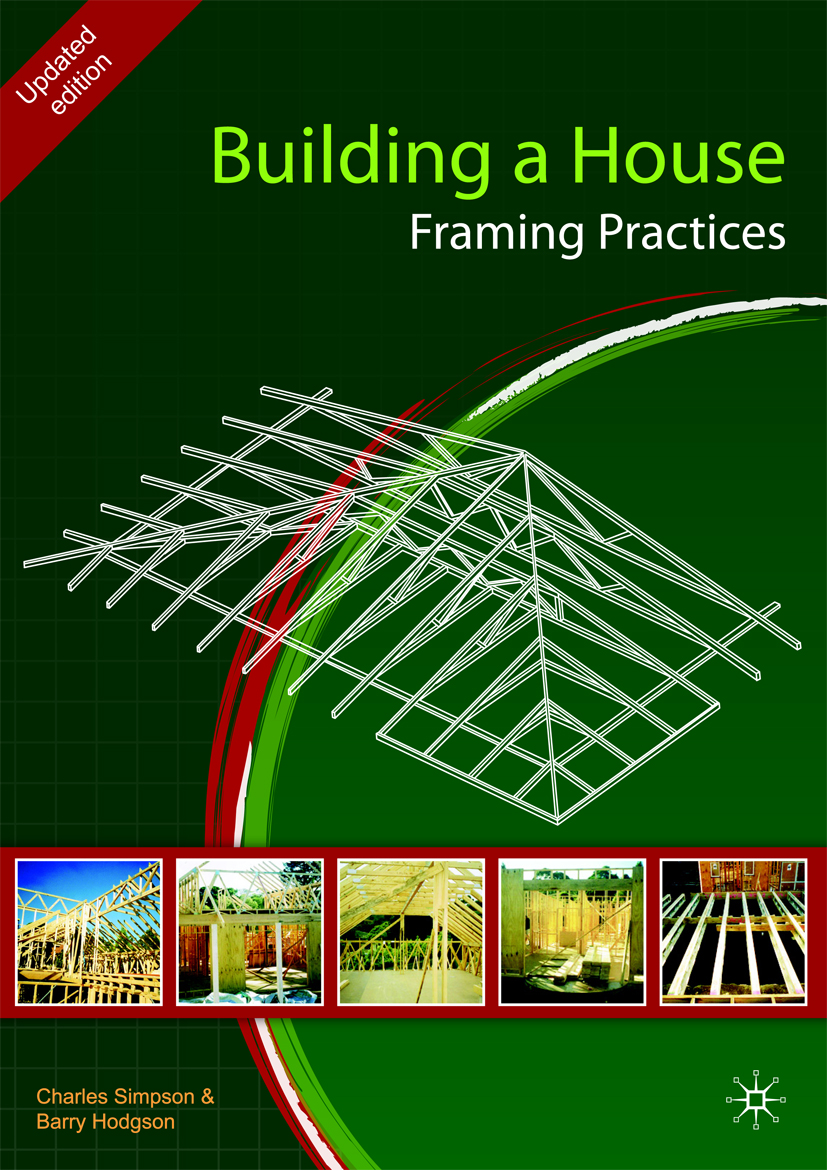
Building a House This is an Australian book that examines in detail the 'dry' processes involved in constructing the framework of a house from positioning on the site to fixing the doors and windows. It has been written to current Australian Standards. With over 700 detailed graphics to complement the easy-to-read text, the book is both highly practical and useful. There are worked examples to explain the use of tables and standards, and all trade terms are defined as they are encountered. This book is a learning resource to support the training of learners in the building industry. The development has included consultation with and input from industry bodies and TAFE authorities in all states and territories. The topics covered are: timber wall and floor framing roof framing roof trusses door and window fixing The book is suitable for training in a variety of situations, including VET programs on and off-the-job. It is ideally suited to all trade courses related to building construction, from Certificate to Advanced Certificate Courses in building construction and building surveying, and associated Diploma courses in architectural drafting. It would also be a valuable resource for the owner/builder. TECHNOLOGY & ENGINEERING,Construction,Heating,Ventilation & Air Conditioning

Advances in Structural Engineering This book contains selected papers in the area of structural engineering from the proceedings of the conference, Futuristic Approaches in Civil Engineering (FACE) 2019. In the area of construction materials, the book covers high quality research papers on raw materials and manufacture of cement, mixing, rheology and hydration, admixtures, characterization techniques and modeling, fiber-reinforced concrete, repair and retrofitting of concrete structures, novel testing techniques such as digital image correlation (DIC). Research on sustainable building materials like Geopolymer concrete and recycled aggregates are covered. In the area of earthquake engineering, papers related to the seismic response of load-bearing unreinforced masonry walls, reinforced concrete frame and buildings with dampers are covered. Additionally, there are chapters on structures subjected to vehicular impact and fire. The contents of this book will be useful for graduate students, researchers and practitioners working in the areas of concrete, earthquake and structural engineering. TECHNOLOGY & ENGINEERING,Construction,Heating,Ventilation & Air Conditioning
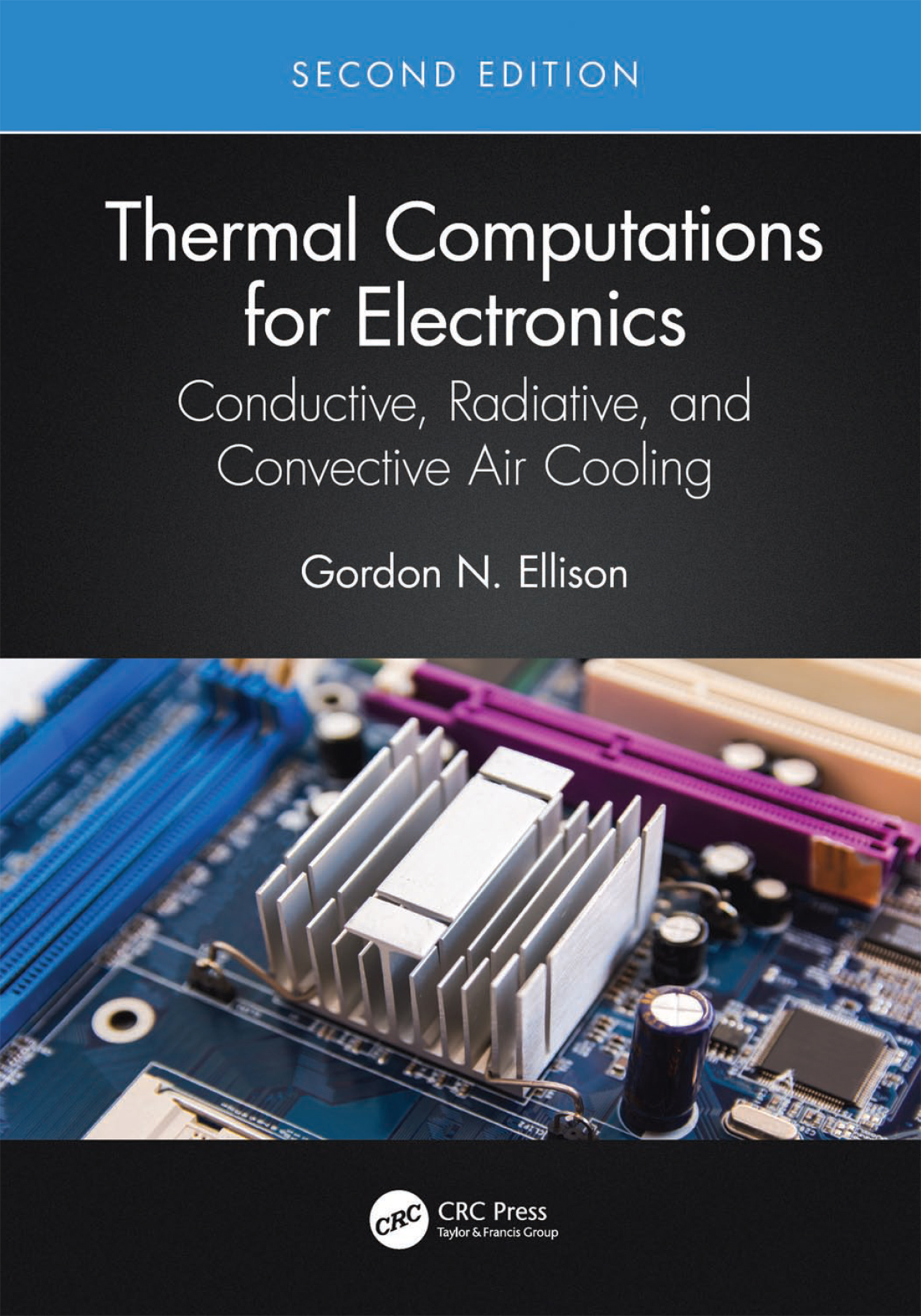
Thermal Computations for Electronics The first edition of Thermal Computations for Electronics: Conductive, Radiative, and Convective Air Cooling was based on the author's lecture notes that he developed over the course of nearly 40 years of thermal design and analysis activity, the last 15 years of which included teaching a university course at the senior undergraduate and graduate levels. The subject material was developed from publications of respected researchers and includes topics and methods original to this author. Numerous students have contributed to both the first and second editions, the latter corrected, sections rewritten (e.g., radiation spatial effects, Green's function properties for thermal spreading, 1-D FEA theory and application), and some new material added. The flavor and organization of the first edition have been retained, whereby the reader is guided through the analysis process for systems and then components. Important new material has been added regarding altitude effects on forced and buoyancy driven airflow and heat transfer. The first 20% of the book is devoted to the prediction of airflow and well-mixed air temperatures in systems, circuit board channels, and heat sinks, followed by convective (PCB-mounted components included), radiative, and conductive heat transfer and the resultant temperatures in electronic equipment. Detailed application examples illustrate a variety of problems. Downloads (from the CRC website) include: MathcadTM text examples, exercise solutions (adopting professors only) plus PDF lecture aids (professors only), and a tutorial (Chapter 14) using free FEA software to solve a thermal spreading problem. This book is a valuable professional resource for self-study and is ideal for use in a course on electronics cooling. It is well-suited for a first course in heat transfer where applications are as important as theory. TECHNOLOGY & ENGINEERING,Construction,Heating,Ventilation & Air Conditioning
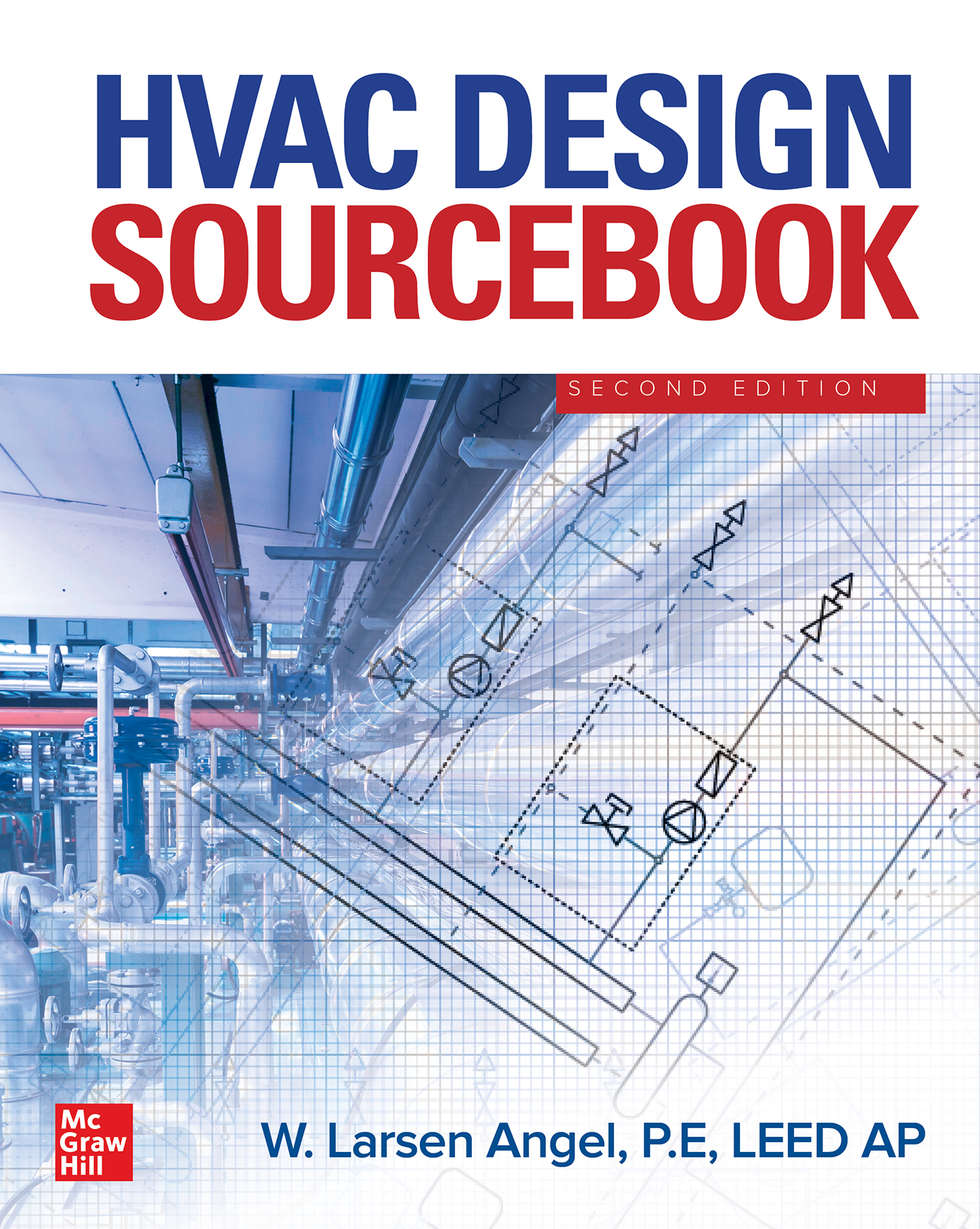
HVAC Design Sourcebook, Second Edition Publisher's Note: Products purchased from Third Party sellers are not guaranteed by the publisher for quality, authenticity, or access to any online entitlements included with the product. The definitive guide to HVAC design—thoroughly revised for the latest technologies This fully updated guide covers the entire HVAC system design process from concept to commissioned systems. Written by a recognized HVAC expert, the book illustrates each step through photographs, drawings, and comprehensive discussions. This new edition has been completely refreshed to align with current industry standards and includes several brand-new chapters. HVAC Design Sourcebook, Second Edition contains a chapter-long case study that provides a step-by-step look at the design of a real-world HVAC project. Coverage includes: •The design process•Piping, valves, and specialties•Central plant and air systems•Piping and ductwork distribution systems•Terminal equipment•Variable refrigerant flow systems•Humidity control•Noise and vibration control•Automatic temperature controls•Sustainability•Construction drawings•Central plant optimization•Construction administration•The commissioning process TECHNOLOGY & ENGINEERING,Construction,Heating,Ventilation & Air Conditioning
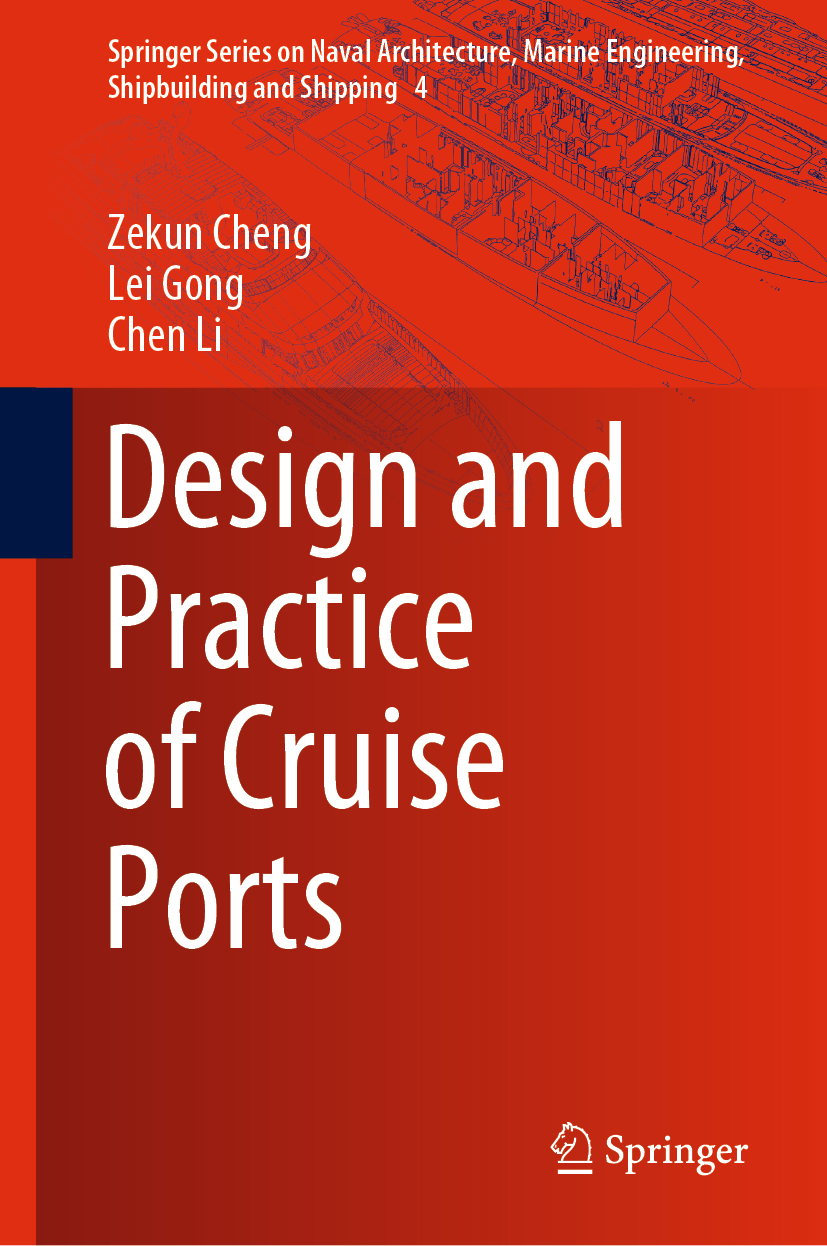
Design and Practice of Cruise Ports This book focuses on design technologies and practical engineering applications in connection with cruise ports and terminals. After a brief introduction to cruise ships and global cruise ports, it addresses the location, structure and layout of cruise terminals, the technologies involved, cruise terminal buildings and supporting facilities. The book also explores practical engineering cases, including projects that the authors have worked on, such as the Shenzhen Prince Bay and Shanghai Wusongkou International Cruise Terminal projects. Systematically discussing the design and engineering aspects of domestic and international cruise terminals, the book offers a practical reference guide for engineers, researchers, practitioners and policymakers in relevant fields. TECHNOLOGY & ENGINEERING,Construction,Heating,Ventilation & Air Conditioning

Multiphase Flow Phenomena And Applications This volume is dedicated to a very special person, Professor Gad Hetsroni (1934-2015). His towering figure was familiar to researchers in heat transfer and multiphase flow all over the world. He was the founding Editor of the International Journal of Multiphase Flow and the person who defined and promoted the discipline around the journal. The unique community formed in this field during his lifetime gathers every three years for a major conference, the International Conference on Multiphase Flow, that most recent was held in May 2016 in Florence, Italy. This was the first time ever Gad did not attend ICMF. Friends and colleagues from many countries came to Florence to present their personal tributes and scientific papers honoring Gad. Reviewed and edited tributes and scientific papers dedicated to Gad from these memorial sessions comprise the core content of this memorial volume; certain persons who could not participate in the ICMF made later contributions. TECHNOLOGY & ENGINEERING,Construction,Heating,Ventilation & Air Conditioning

Proceedings of the 2nd International Conference on Building Innovations This book gathers the latest advances, innovations, and applications in the field of building design and construction, by focusing on new design solutions for buildings and new technologies creation for construction, as presented by researchers and engineers at the 2nd International Conference Building Innovations (ICBI), held in Poltava – Baku, Ukraine – Azerbaijan, on May 23-24, 2019. It covers highly diverse topics, including structures operation, repairing and thermal modernization in existing buildings and urban planning features, machines and mechanisms for construction, as well as efficient economy and energy conservation issues in construction. The contributions, which were selected by means of a rigorous international peer-review process, highlight numerous exciting ideas that will spur novel research directions and foster multidisciplinary collaborations. TECHNOLOGY & ENGINEERING,Construction,Heating,Ventilation & Air Conditioning

Post-industrial Robotics This book highlights the concept of informed architecture as an alternative to performance-based approaches. Starting with an analysis of the state of art, the book defines an operative methodology in which performative parameters lead to the generation of the shape becoming the design’s input, rather than being mere quantitative parameters. It then uses case studies to investigate the methodology. Lastly, the book discusses a novel way of conceiving and using the manufacturing tool, which is the basis for the definition of informed architectures in relation to data usage and the optimization process. TECHNOLOGY & ENGINEERING,Construction,Heating,Ventilation & Air Conditioning
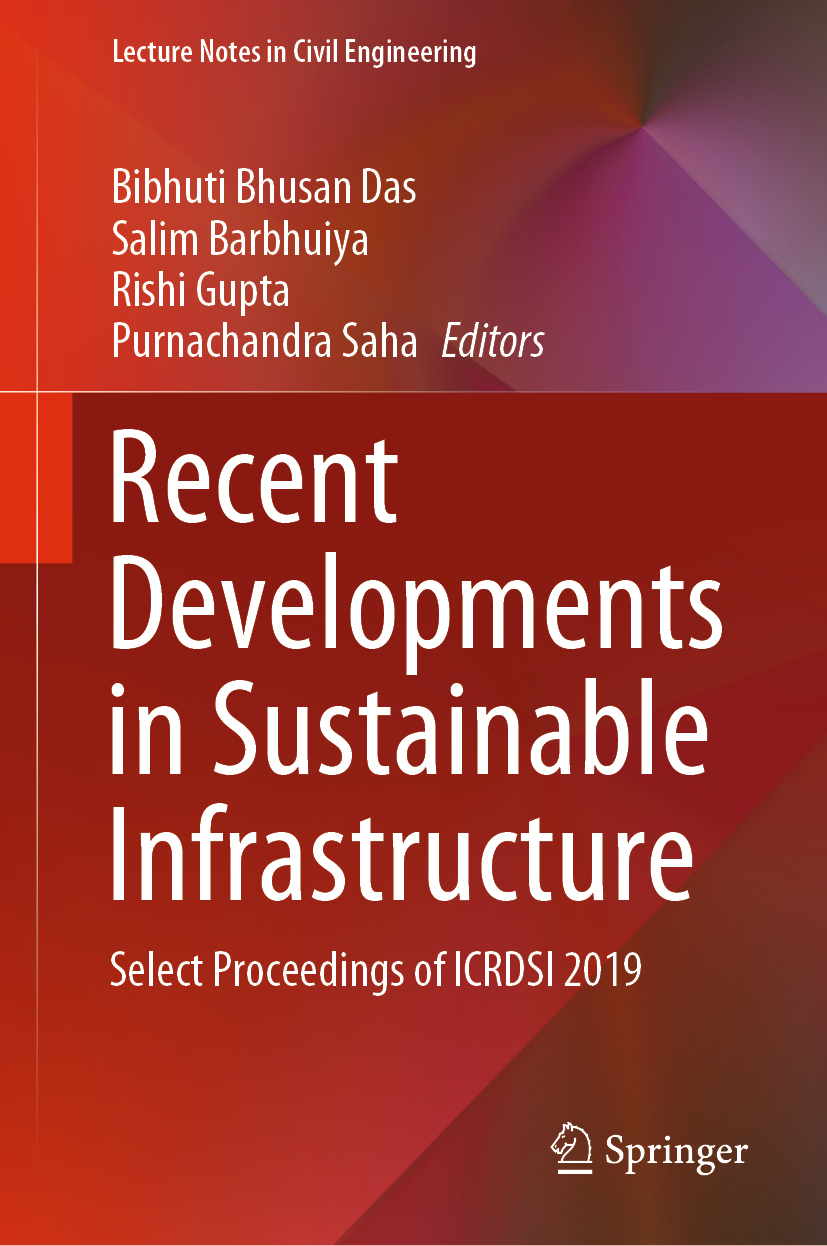
Recent Developments in Sustainable Infrastructure This book comprises select peer-reviewed proceedings of the International Conference on Recent Developments in Sustainable Infrastructure (ICRDSI) 2019. The topics span over all major disciplines of civil engineering with regard to sustainable development of infrastructure and innovation in construction materials, especially concrete. The book covers numerical and analytical studies on various topics such as composite and sandwiched structures, green building, groundwater modeling, rainwater harvesting, soil dynamics, seismic resistance and control of structures, waste management, structural health monitoring, and geo-environmental engineering. This book will be useful for students, researchers and professionals working in sustainable technologies in civil engineering. TECHNOLOGY & ENGINEERING,Construction,Heating,Ventilation & Air Conditioning

Proceedings of the 18th International Conference on Computing in Civil and Building Engineering This book gathers the latest advances, innovations, and applications in the field of information technology in civil and building engineering, presented at the 18th International Conference on Computing in Civil and Building Engineering (ICCCBE), São Paulo, Brazil, August 18-20, 2020. It covers highly diverse topics such as BIM, construction information modeling, knowledge management, GIS, GPS, laser scanning, sensors, monitoring, VR/AR, computer-aided construction, product and process modeling, big data and IoT, cooperative design, mobile computing, simulation, structural health monitoring, computer-aided structural control and analysis, ICT in geotechnical engineering, computational mechanics, asset management, maintenance, urban planning, facility management, and smart cities. Written by leading researchers and engineers, and selected by means of a rigorous international peer-review process, the contributions highlight numerous exciting ideas that will spur novel research directions and foster multidisciplinary collaborations. TECHNOLOGY & ENGINEERING,Construction,Heating,Ventilation & Air Conditioning

From Building Information Modelling to Mixed Reality This book reports on the latest advances in using BIM modelling to achieve the semantic enrichment of objects, allowing them to be used both as multidimensional databases – as comprehensive sources of information for finalizing various types of documentation in the building industry – and as modelling tools for the construction of virtual environments. Having advanced to a new stage of development, BIM modelling is now being applied in a range of increasingly complex contexts, and for various new purposes. This book examines the role that virtual reality and related technologies such as AI and IoT can play in preserving and disseminating our cultural heritage and built environment. TECHNOLOGY & ENGINEERING,Construction,Heating,Ventilation & Air Conditioning

Brickwork and Bricklaying Brickwork and Bricklaying is written for those who are new to the craft of bricklaying, and those who are improving their skills. It provides an overview of the materials, processes, craft skills and related subjects to enable the reader to construct their own simple brickwork projects and undertake brickwork-related maintenance projects around the home.The book covers: Materials; Constituents and mix proportions of good quality concrete and mortars, and how to successfully mix both, with an overview of different types of bricks and blocks; Foundations: How to place, compact and cure concrete for simple foundations and bases; Setting-Out: Methods of setting out the positions of simple wall lines, corners and buildings; Bricklaying: Overview of tools required; step-by-step methods and instruction on all the basic craft skills of bricklaying from first principles; different methods of bonding and finishing mortar joints; Boundary Walls: Design principles for boundary and garden walls, including the application and construction of piers; Decorative Brickwork: Simple methods of decoratively enhancing brickwork projects; Maintenance: Identification of the common defects associated with brickwork and masonry and methods for rectifying those defects. A practical guide aimed at those who are new to the craft of bricklaying and also for those who are improving their skills. Provides details of materials, processes and craft skills for the reader to construct their own simple brickwork projects and maintenance around the home. Superbly illustrated with 110 colour photographs and 160 diagrams. Jon Collinson has been involved in bricklaying within the construction industry, as well as teaching brickwork, for over twenty-five years. TECHNOLOGY & ENGINEERING,Construction,Masonry
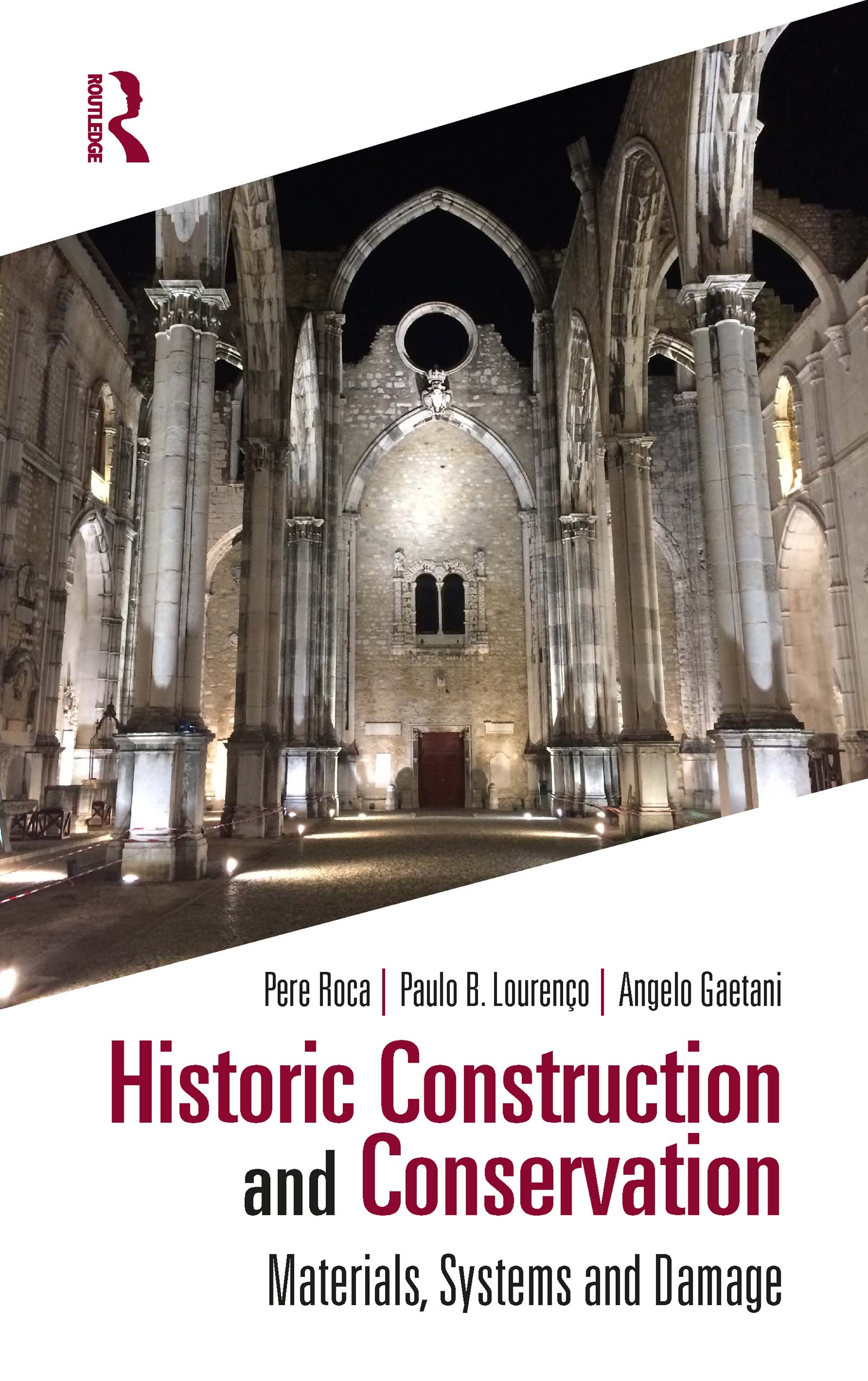
Historic Construction and Conservation Conservation in the built environment raises fundamental questions which have been debated for centuries - what is worth preserving, how is it possible, why is it important? This book takes a modern approach to the meaning of a heritage structure and its conservation. The historical evolution of conservation is briefly addressed, considering prominent individuals and cases; along with the history of construction, focusing on materials and related structural elements, with insight on the sizing rules adopted by masons. This explains structural decisions made during the construction process and allows comparison of scientific theories from the 18th century to modern understanding of limit analysis. Damage and collapse mechanisms for masonry construction, as the most widespread structural form for historical buildings, is described. Excess permanent loading and settlement is differentiated from environmental and anthropogenic actions such as earthquake or incorrect intervention. The team of authors brings together unique expertise, with high level research and leading practice with archetypical cases from around the world. The book addresses the history of conservation by exploring materials and structures and the history of construction and damage, so it is of value to students and professionals in civil engineering and architecture, as well as archaeologists and art historians. TECHNOLOGY & ENGINEERING,Construction,Masonry

Plumbing Licensing Study Guide This book is designed for use as both a text and study guide for those students taking the licensing test in plumbing. Because of the large number of residential dwellings under construction and planned for the near future, this is a growing area. Well trained and knowledgeable plumbers are urgently needed in most of the individual United States and Canada. The field of plumbers, pipefitters, and steamfitters is predicted to grow about 12% each year until 2024, faster than most professions. The onslaught of new buildings is behind this surge. Here, in one book, the entire plumbing trade is covered in one accessible source. Consideration is given to cover all states’ exam requirements. Tools and instruments are included to familiarize the licensing candidates with labor-saving devices and their correct utilization. While there are hundreds of practice exam questions, there is no guarantee that these questions and answers will appear on the actual test, or that the reader will pass the exam by simply reading this book. The main emphasis is on getting the tradesman accustomed to testing and knowledgeable about the plumbing trade in general. While there used to be several good resources for those studying to become licensed plumbers, these are quite old and rather outdated. This textbook/study guide will fill a void in this increasingly important trade. Features Includes valuable tips and illustrations of the various tools and equipment used in the trade. Practice questions with answers (at least 400 in the book, and several hundred more on an affiliated website) will be included at the end of each chapter, organized according to the various aspects of the trade. Some suggestions for taking tests and studying for exams are also discussed, along with tips for instructors who are preparing lesson plans and curricula for teaching plumbing certification. An affiliated website will have additional test questions, videos, and color photographs of the more eye-catching scenarios in the book. TECHNOLOGY & ENGINEERING,Construction,Plumbing

Felt and Torch on Roofing A detailed guide to installing high performance felt and torch on roofs, for both DIY enthusiasts and professional roofers. From safety precautions, to the tips and tricks to keep a flat roof water-tight for many years, Felt and Torch on Roofing will teach the novice how to successfully complete their first felt roof to a high standard, and provide the professional with new techniques to undertaking the best quality work on felt and torch on roofing. With step-by-step guidance and photographs throughout, the book covers selecting the felt, tools and fixings, and guidance on which materials comply with building regulations; insulation guidelines and how to install and torch the felt; alternative processes for detailing and new techniques for welding, to ensure a perfect welding bead is obtained throughout the roof; cutting and forming welted drips, and new methods for sealing internal and external corners; penetrations and protrusions, detailing internal and external arcs and making repairs to the roof. Fully illustrated with 218 colour photographs. TECHNOLOGY & ENGINEERING,Construction,Roofing
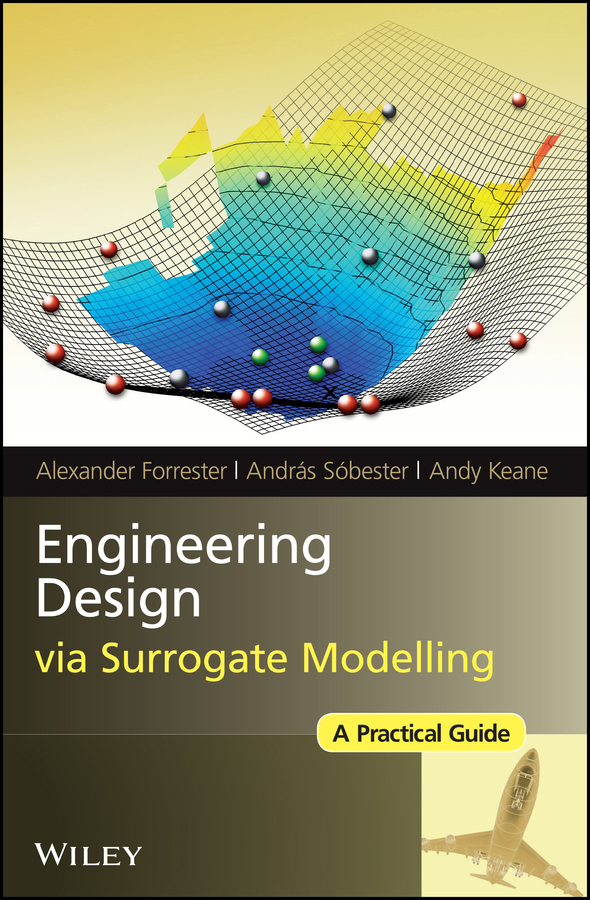
Engineering Design via Surrogate Modelling Surrogate models expedite the search for promising designs by standing in for expensive design evaluations or simulations. They provide a global model of some metric of a design (such as weight, aerodynamic drag, cost, etc.), which can then be optimized efficiently. Engineering Design via Surrogate Modelling is a self-contained guide to surrogate models and their use in engineering design. The fundamentals of building, selecting, validating, searching and refining a surrogate are presented in a manner accessible to novices in the field. Figures are used liberally to explain the key concepts and clearly show the differences between the various techniques, as well as to emphasize the intuitive nature of the conceptual and mathematical reasoning behind them. More advanced and recent concepts are each presented in stand-alone chapters, allowing the reader to concentrate on material pertinent to their current design problem, and concepts are clearly demonstrated using simple design problems. This collection of advanced concepts (visualization, constraint handling, coping with noisy data, gradient-enhanced modelling, multi-fidelity analysis and multiple objectives) represents an invaluable reference manual for engineers and researchers active in the area. Engineering Design via Surrogate Modelling is complemented by a suite of Matlab codes, allowing the reader to apply all the techniques presented to their own design problems. By applying statistical modelling to engineering design, this book bridges the wide gap between the engineering and statistics communities. It will appeal to postgraduates and researchers across the academic engineering design community as well as practising design engineers. Provides an inclusive and practical guide to using surrogates in engineering design. Presents the fundamentals of building, selecting, validating, searching and refining a surrogate model. Guides the reader through the practical implementation of a surrogate-based design process using a set of case studies from real engineering design challenges. Accompanied by a companion website featuring Matlab software at http://www.wiley.com/go/forrester TECHNOLOGY & ENGINEERING,Drafting & Mechanical Drawing
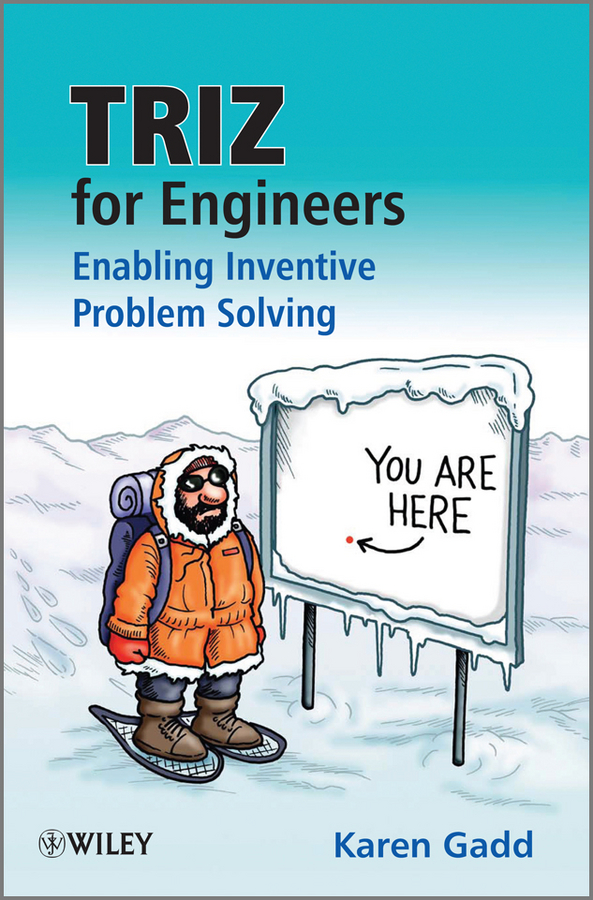
TRIZ for Engineers TRIZ is a brilliant toolkit for nurturing engineering creativity and innovation. This accessible, colourful and practical guide has been developed from problem-solving workshops run by Oxford Creativity, one of the world's top TRIZ training organizations started by Gadd in 1998. Gadd has successfully introduced TRIZ to many major organisations such as Airbus, Sellafield Sites, Saint-Gobain, DCA, Doosan Babcock, Kraft, Qinetiq, Trelleborg, Rolls Royce and BAE Systems, working on diverse major projects including next generation submarines, chocolate packaging, nuclear clean-up, sustainability and cost reduction. Engineering companies are increasingly recognising and acting upon the need to encourage successful, practical and systematic innovation at every stage of the engineering process including product development and design. TRIZ enables greater clarity of thought and taps into the creativity innate in all of us, transforming random, ineffective brainstorming into targeted, audited, creative sessions focussed on the problem at hand and unlocking the engineers' knowledge and genius to identify all the relevant solutions. For good design engineers and technical directors across all industries, as well as students of engineering, entrepreneurship and innovation, TRIZ for Engineers will help unlock and realise the potential of TRIZ. The individual tools are straightforward, the problem-solving process is systematic and repeatable, and the results will speak for themselves. This highly innovative book: Satisfies the need for concise, clearly presented information together with practical advice on TRIZ and problem solving algorithms Employs explanatory techniques, processes and examples that have been used to train thousands of engineers to use TRIZ successfully Contains real, relevant and recent case studies from major blue chip companies Is illustrated throughout with specially commissioned full-colour cartoons that illustrate the various concepts and techniques and bring the theory to life Turns good engineers into great engineers. TECHNOLOGY & ENGINEERING,Drafting & Mechanical Drawing

Manual of Engineering Drawing Manual of Engineering Drawing is a comprehensive guide for experts and novices for producing engineering drawings and annotated 3D models that meet the recent BSI and ISO standards of technical product documentation and specifications. This fourth edition of the text has been updated in line with recent standard revisions and amendments. The book has been prepared for international use, and includes a comprehensive discussion of the fundamental differences between the ISO and ASME standards, as well as recent updates regarding legal components, such as copyright, patents, and other legal considerations. The text is applicable to CAD and manual drawing, and it covers the recent developments in 3D annotation and surface texture specifications. Its scope also covers the concepts of pictorial and orthographic projections, geometrical, dimensional and surface tolerancing, and the principle of duality. The text also presents numerous examples of hydraulic and electrical diagrams, applications, bearings, adhesives, and welding. The book can be considered an authoritative design reference for beginners and students in technical product specification courses, engineering, and product designing. Expert interpretation of the rules and conventions provided by authoritative authors who regularly lead and contribute to BSI and ISO committees on product standards Combines the latest technical information with clear, readable explanations, numerous diagrams and traditional geometrical construction techniques Includes new material on patents, copyrights and intellectual property, design for manufacture and end-of-life, and surface finishing considerations TECHNOLOGY & ENGINEERING,Drafting & Mechanical Drawing
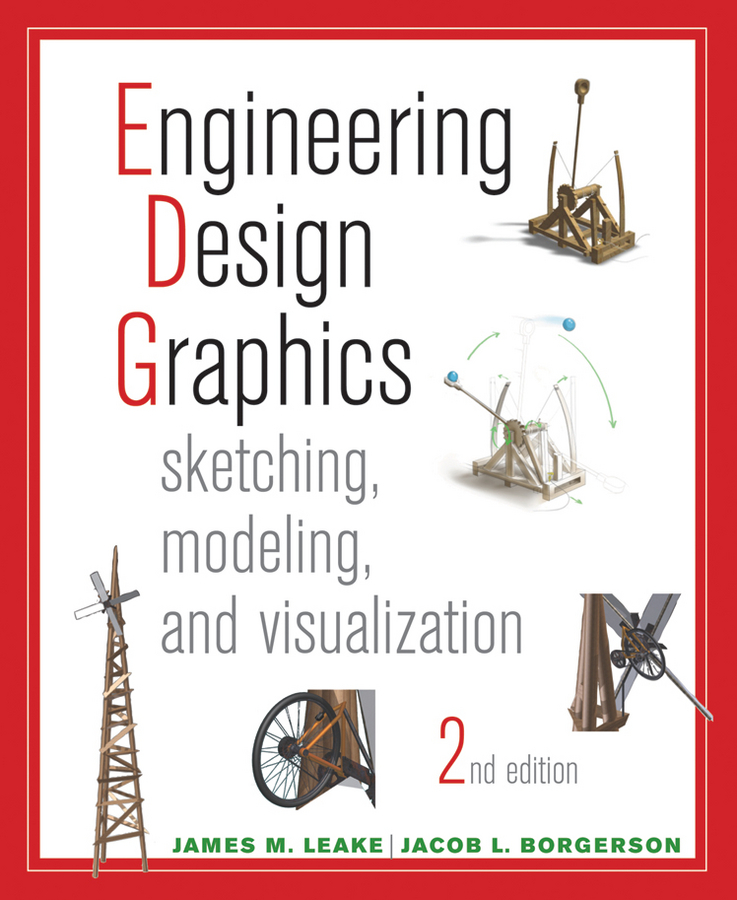
Engineering Design Graphics Providing a clear, concise treatment of the essential topics addressed in a modern engineering design graphics course, this text concentrates on teaching hand-drawing as a skill and a vital component of the design process. Unlike texts that reduce drawing to a computer-based task, Leake and Borgerson's book emphasizes the role of sketching in conceptualizing a design solution. This reflects the growing trend in engineering graphics courses, in which hand-drawing is used for developing a design and computer tools are used for the final iterations. By providing a brief, skills-based approach, this reasonably priced volume - which includes several hundred sketching problems - is well positioned to offer a compelling alternative to the large volumes by Giesecke and Bertoline. Alongside its coverage of hand-drawing skills, this text also provides a chapter on computer-aided design software, with an emphasis on parametric solid modeling. TECHNOLOGY & ENGINEERING,Drafting & Mechanical Drawing
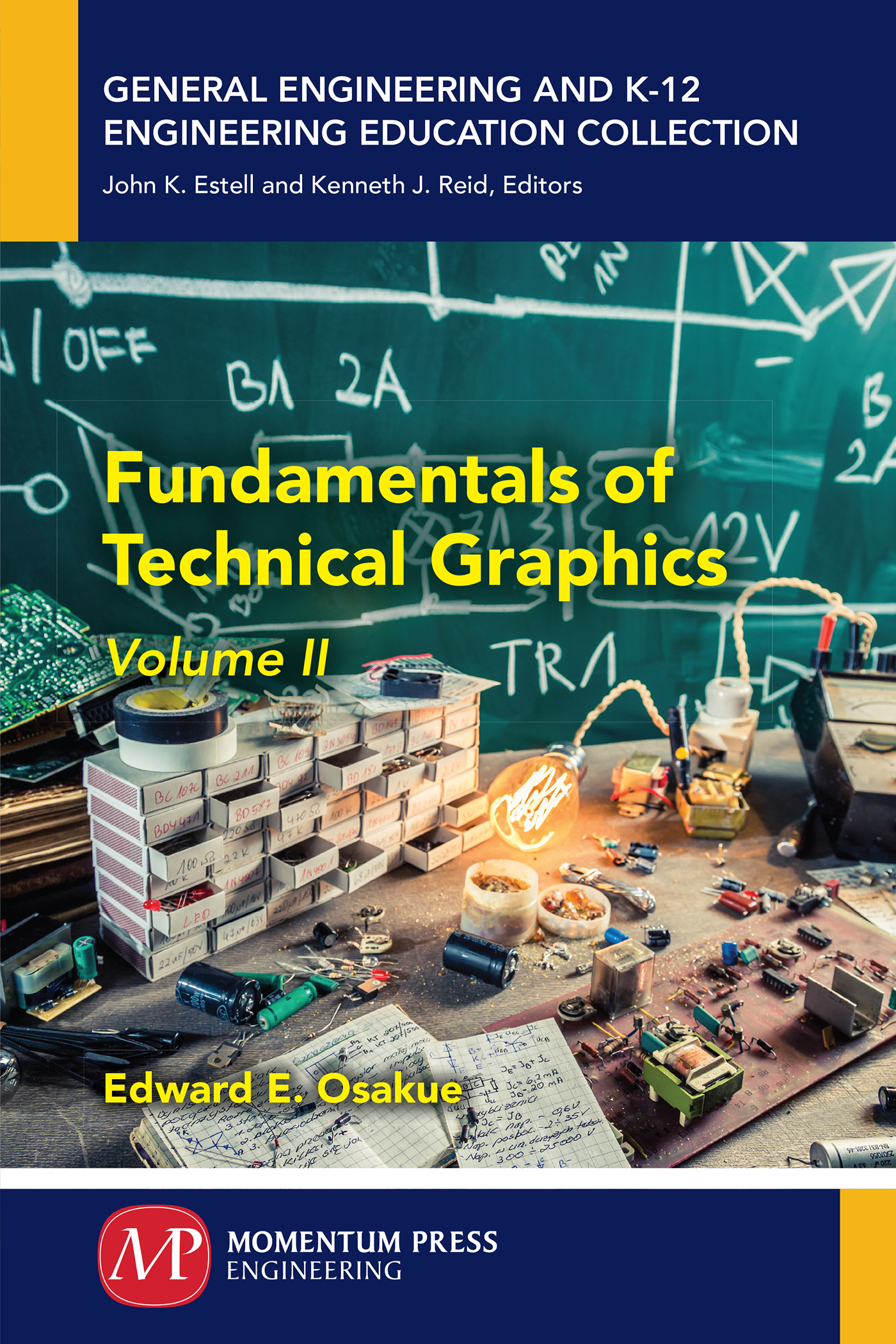
Fundamentals of Technical Graphics, Volume II Fundamentals of Technical Graphics concentrates on the main concepts and principles of technical graphics. The book is divided into two volumes: volume one contains chapters one to five, whereas volume two comprises of chapters six to ten. Volume one covers the topics of drafting guidelines, free hand sketching, computer design drafting (CDD) systems, geometric and shape construction, and standard multiview drawing creation. Volume two treats the topics of auxiliary views, section views, basic dimensioning, isometric drawings, and working drawings. The appendices provide introductory discussions about screw fasteners, general and geometric tolerancing, and surface quality and symbols. The book is written with current drafting standards of American National Standards Institute/American Society for Mechanical Engineers (ANSI/ASME) in mind. The style is plain and discussions are straight to the point. Its principle goal is meeting the needs of first- and second-year students in engineering, engineering technology, design technology, and related disciplines. TECHNOLOGY & ENGINEERING,Drafting & Mechanical Drawing
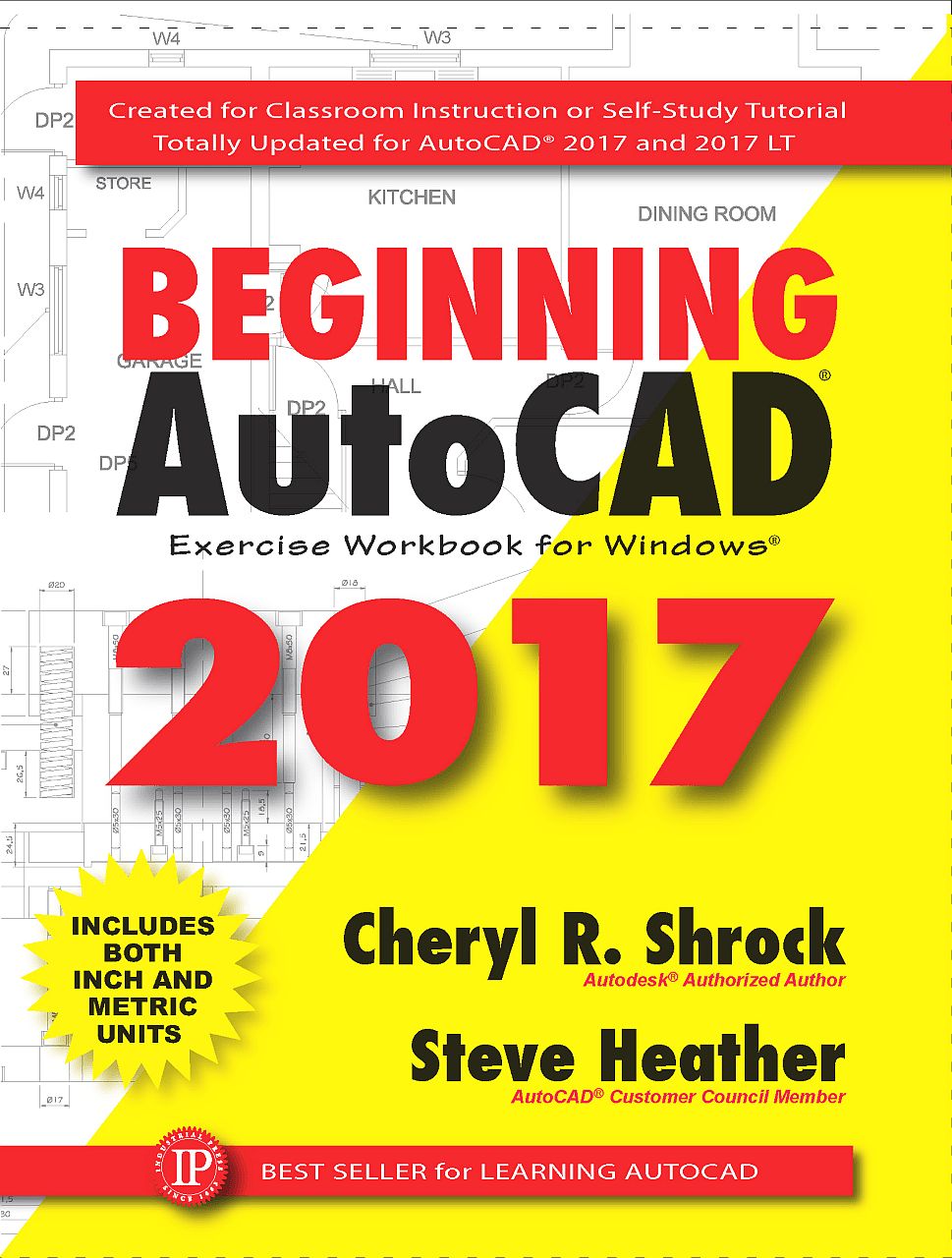
Beginning AutoCAD 2017 Beginning AutoCAD 2017 Exercise Workbook is the right book for users new to AutoCAD or who want to brush up on the basics. Thisis a clear, no nonsense, easy-to-follow text that helps user learn AutoCAD quickly and easily. All exercises print easily on a standard 8.5 x 11 printer. TECHNOLOGY & ENGINEERING,Drafting & Mechanical Drawing
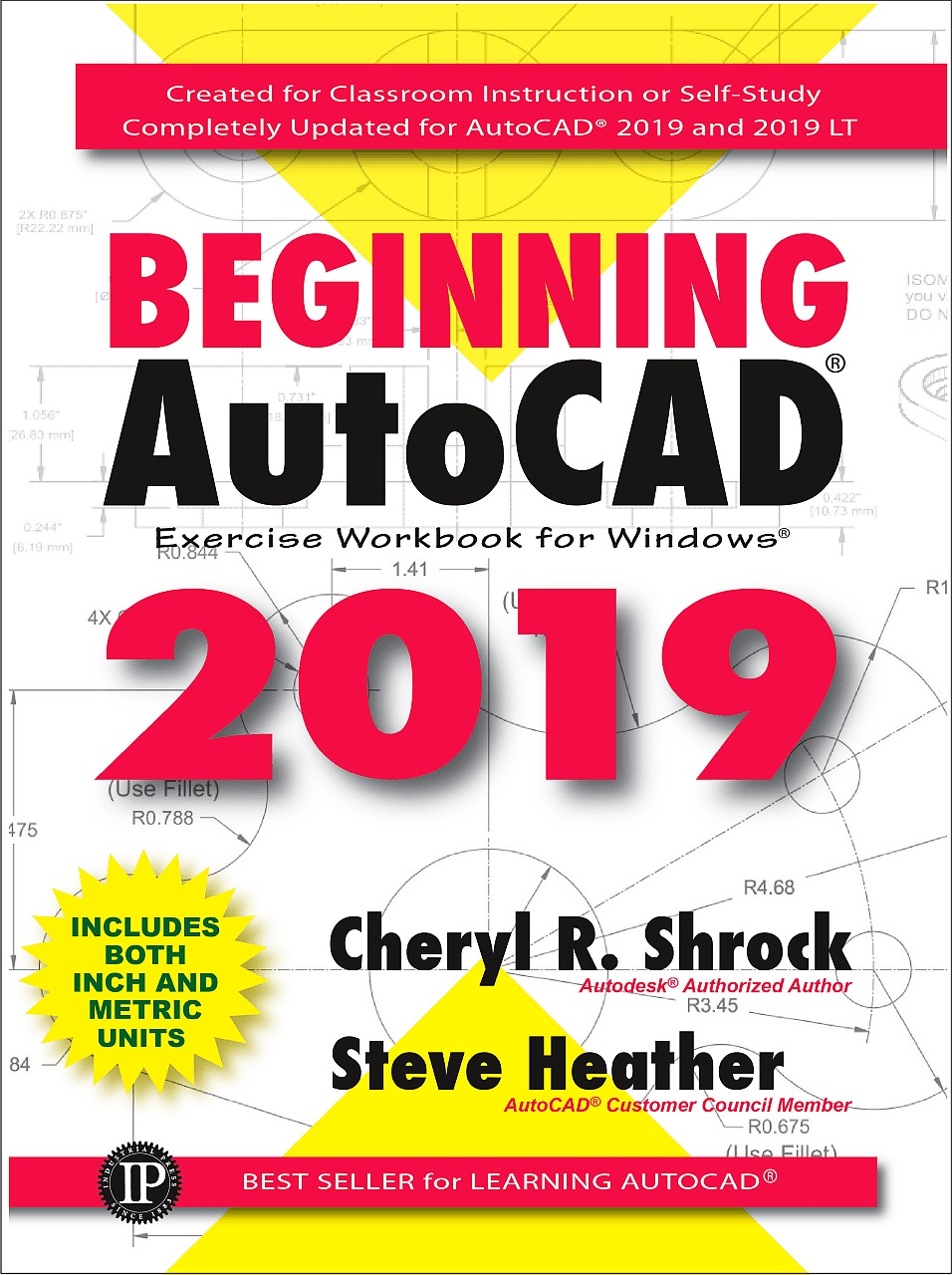
Beginning AutoCAD® 2019 Exercise Workbook For those new to the world of AutoCAD®, as well as those honing longtime skills, there is simply no better resource on the market than the Beginning AutoCAD® 2019 Exercise Workbook. Industry-expert authors and Professors Cheryl Strock and Steve Heather introduce two novel features in AutoCAD 2019, including “Drawing Compare†and “Shared Views,†both of which facilitate a greater capacity for colleagues and clients to share and comment upon changes and additions to drawings in real-time. All of the game-changing features of AutoCAD 2018 are highlighted throughout this new Edition, most significantly the inclusion of both METRIC and INCH measurements side-by-side on all exercises as well as the phenomenal feature of SHX font importation during document upload, allowing for fully-editable text on PDF documents. ALL NEW “CAD TIPS†WOVEN THROUGHOUT/for further engagement! For the first time, this top-selling Workbook will include a dynamic, new feature called “CAD Tips†which will be interspersed throughout the lessons to further engage readers as well as provide value-added insider information from a longtime expert in the field. New and Improved Features All exercises will now include metric equivalents alongside the original imperial measurements. “Drawing Compare†and “Shared Views,†making working with clients and 3rd parties infinitely easier. New “CAD Tips†scattered throughout the book, providing shortcuts and suggestions from our expert author. Additional new features being released by AutoCAD to beta testers. TECHNOLOGY & ENGINEERING,Drafting & Mechanical Drawing

Active and Passive Vibration Damping A guide to the application of viscoelastic damping materials to control vibration and noise of structures, machinery, and vehicles Active and Passive Vibration Damping is a practical guide to the application of passive as well as actively treated viscoelastic damping materials to control vibration and noise of structures, machinery and vehicles. The author — a noted expert on the topic — presents the basic principles and reviews the potential applications of passive and active vibration damping technologies. The text presents a combination of the associated physical fundamentals, governing theories and the optimal design strategies of various configurations of vibration damping treatments. The text presents the basics of various damping effective treatments such as constrained layers, shunted piezoelectric treatments, electromagnetic and shape memory fibers. Classical and new models are included as well as aspects of viscoelastic materials models that are analyzed from the experimental characterization of the material coefficients as well as their modeling. The use of smart materials to augment the vibration damping of passive treatments is pursued in depth throughout the book. This vital guide: Contains numerical examples that reinforce the understanding of the theories presented Offers an authoritative text from an internationally recognized authority and pioneer on the subject Presents, in one volume, comprehensive coverage of the topic that is not available elsewhere Presents a mix of the associated physical fundamentals, governing theories and optimal design strategies of various configurations of vibration damping treatments Written for researchers in vibration damping and research, engineers in structural dynamics and practicing engineers, Active and Passive Vibration Damping offers a hands-on resource for applying passive as well as actively treated viscoelastic damping materials to control vibration and noise of structures, machinery and vehicles. TECHNOLOGY & ENGINEERING,Drafting & Mechanical Drawing
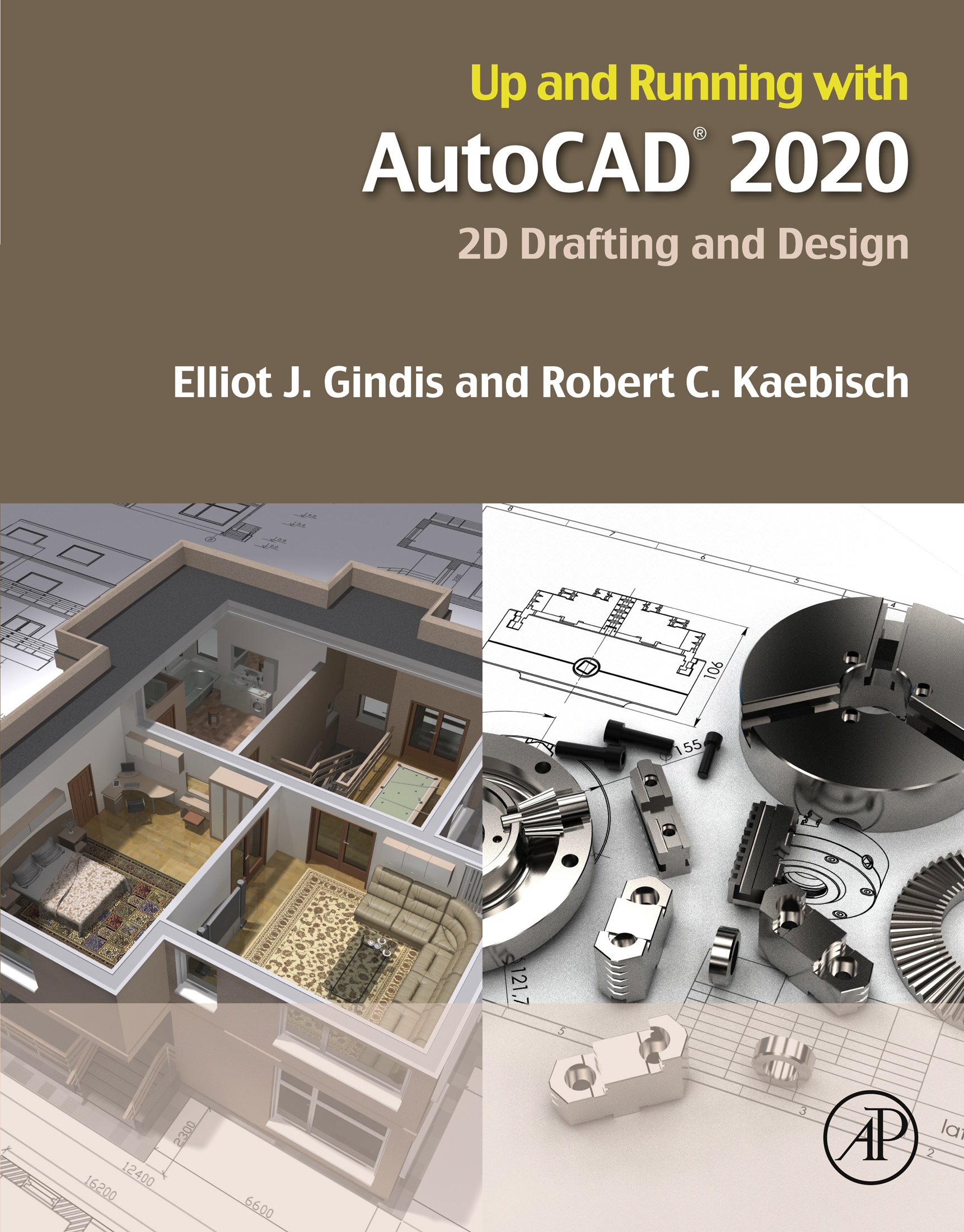
Up and Running with AutoCAD 2020 Up and Running with AutoCAD 2020 uses a combination of step-by-step instruction, examples and insightful explanations to emphasize core concepts and practical application of AutoCAD in engineering, architecture, and design. Equally useful in instructor-led classroom training, self-study, or as a reference, the book is written with the user in mind by long-time professional AutoCAD instructors based on what works in the industry and the classroom. The book focuses on 2D drafting and design, making it more appropriate for a one-semester course. Strips away complexities and reduces learning AutoCAD to easy-to-understand concepts Teaches the essentials of AutoCAD first, immediately building student confidence Provides all basic commands documented step-by-step: What the student inputs and how AutoCAD responds is spelled out in discrete and clear steps with numerous screenshots Presents extensive supporting graphics and a summary with a self-test section and topic specific drawing exercises at the end of each chapter Covers the essentials of 2D AutoCAD, updated for the 2020 release TECHNOLOGY & ENGINEERING,Drafting & Mechanical Drawing
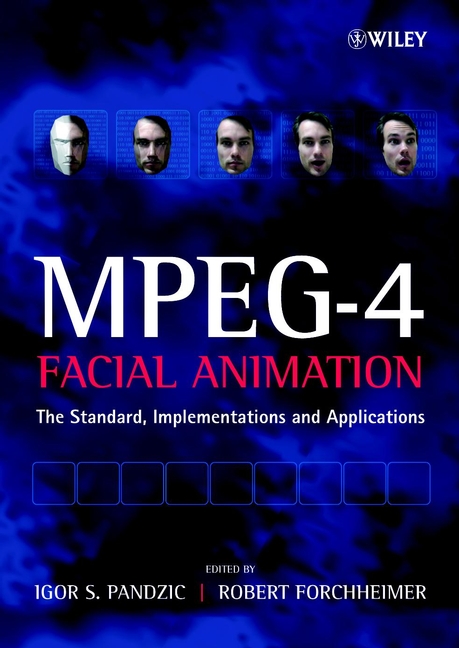
MPEG-4 Facial Animation Provides several examples of applications using the MPEG-4 Facial Animation standard, including video and speech analysis. Covers the implementation of the standard on both the encoding and decoding side. Contributors includes individuals instrumental in the standardization process. TECHNOLOGY & ENGINEERING,Electrical
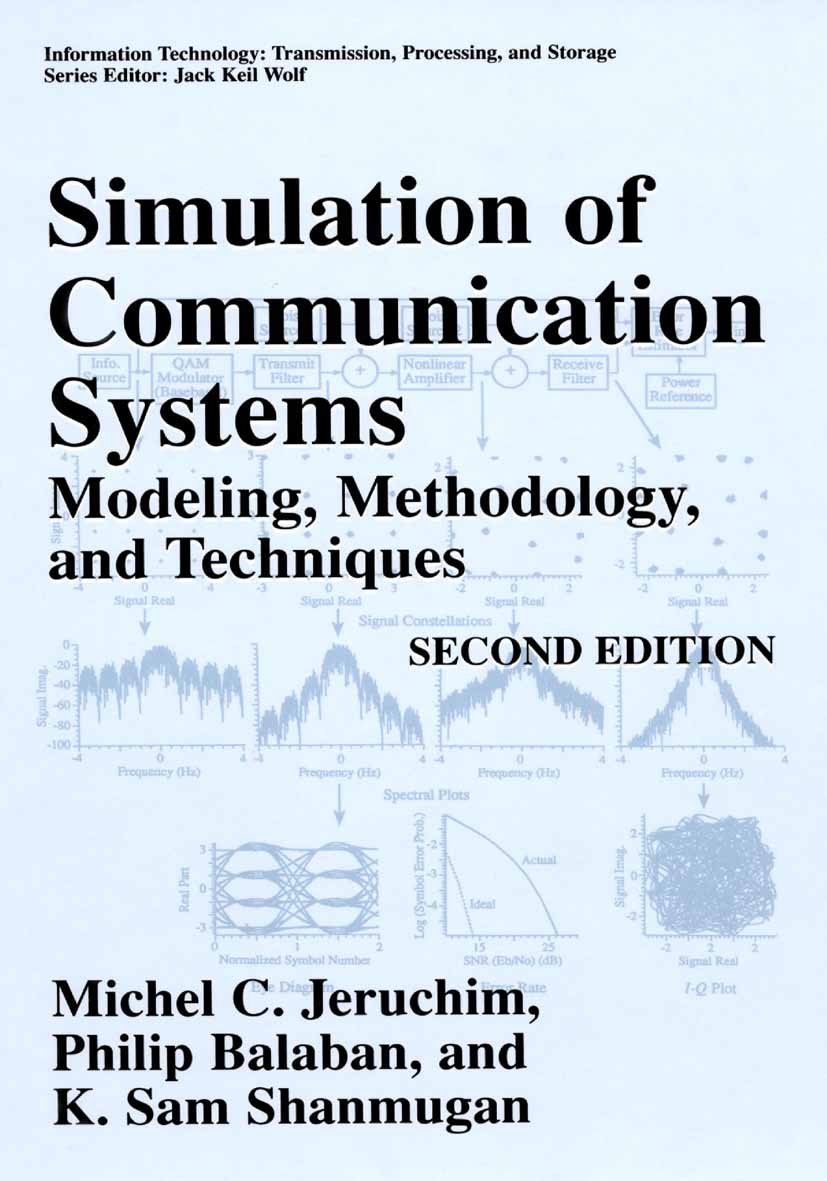
Simulation of Communication Systems Since the first edition of this book was published seven years ago, the field of modeling and simulation of communication systems has grown and matured in many ways, and the use of simulation as a day-to-day tool is now even more common practice. With the current interest in digital mobile communications, a primary area of application of modeling and simulation is now in wireless systems of a different flavor from the `traditional' ones. This second edition represents a substantial revision of the first, partly to accommodate the new applications that have arisen. New chapters include material on modeling and simulation of nonlinear systems, with a complementary section on related measurement techniques, channel modeling and three new case studies; a consolidated set of problems is provided at the end of the book. TECHNOLOGY & ENGINEERING,Electrical
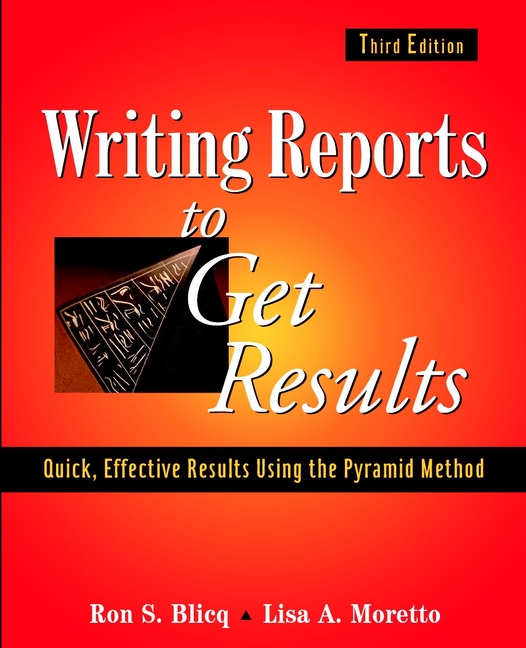
Writing Reports to Get Results The professional's quick-reference handbook for writing business and technical reports Professionals in business, government, and technical fields often need help in organizing and writing reports for associates, clients, and managers. This simple tutorial handbook offers expert tips and useful ideas for organizing ideas, structuring reports, and adding spice to technical papers. Writing Reports to Get Results offers in-depth guidance for writing: * short, informal reports, such as job progress reports and inspection reports * semiformal reports, such as laboratory and medium-length investigation and evaluation reports * formal reports, such as analytical and feasibility studies and major investigations * technical and business proposals of varying complexity The authors use a simple pyramid method to help writers organize their information into the most convenient and simplest structure for any type of document-from single-page proposals to full-length presentations. Rounding out this easy, instructional handbook are helpful tips on a number of other topics, such as: constructing reference lists and bibliographies; the use of numbers, abbreviations, and metric symbols; preparing illustrations for insertion into a report; and working collaboratively as a member of a writing team. TECHNOLOGY & ENGINEERING,Electrical
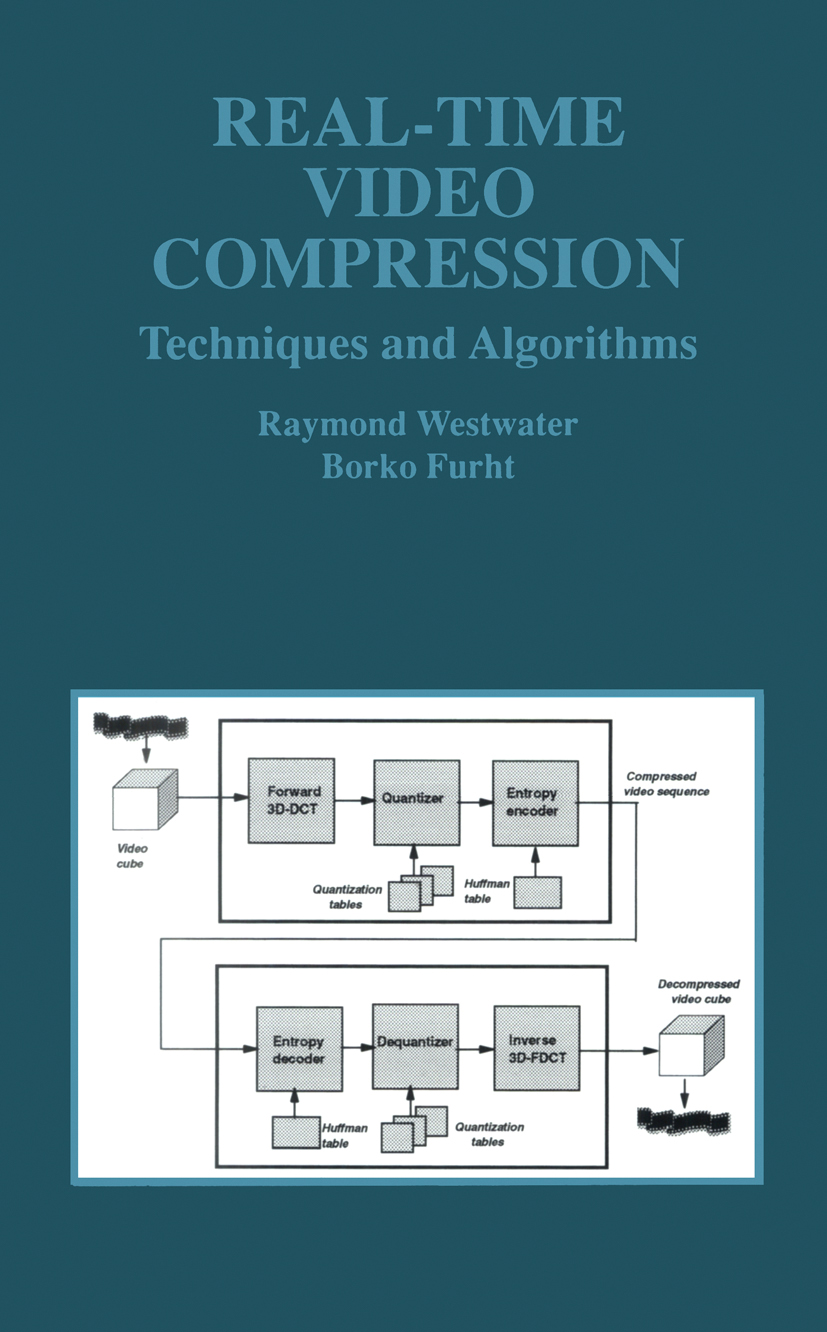
Real-Time Video Compression Real-Time Video Compression: Techniques and Algorithms introduces the XYZ video compression technique, which operates in three dimensions, eliminating the overhead of motion estimation. First, video compression standards, MPEG and H.261/H.263, are described. They both use asymmetric compression algorithms, based on motion estimation. Their encoders are much more complex than decoders. The XYZ technique uses a symmetric algorithm, based on the Three-Dimensional Discrete Cosine Transform (3D-DCT). 3D-DCT was originally suggested for compression about twenty years ago; however, at that time the computational complexity of the algorithm was too high, it required large buffer memory, and was not as effective as motion estimation. We have resurrected the 3D-DCT-based video compression algorithm by developing several enhancements to the original algorithm. These enhancements make the algorithm feasible for real-time video compression in applications such as video-on-demand, interactive multimedia, and videoconferencing. The demonstrated results, presented in this book, suggest that the XYZ video compression technique is not only a fast algorithm, but also provides superior compression ratios and high quality of the video compared to existing standard techniques, such as MPEG and H.261/H.263. The elegance of the XYZ technique is in its simplicity, which leads to inexpensive VLSI implementation of any XYZ codec. Real-Time Video Compression: Techniques and Algorithms can be used as a text for graduate students and researchers working in the area of real-time video compression. In addition, the book serves as an essential reference for professionals in the field. TECHNOLOGY & ENGINEERING,Electrical
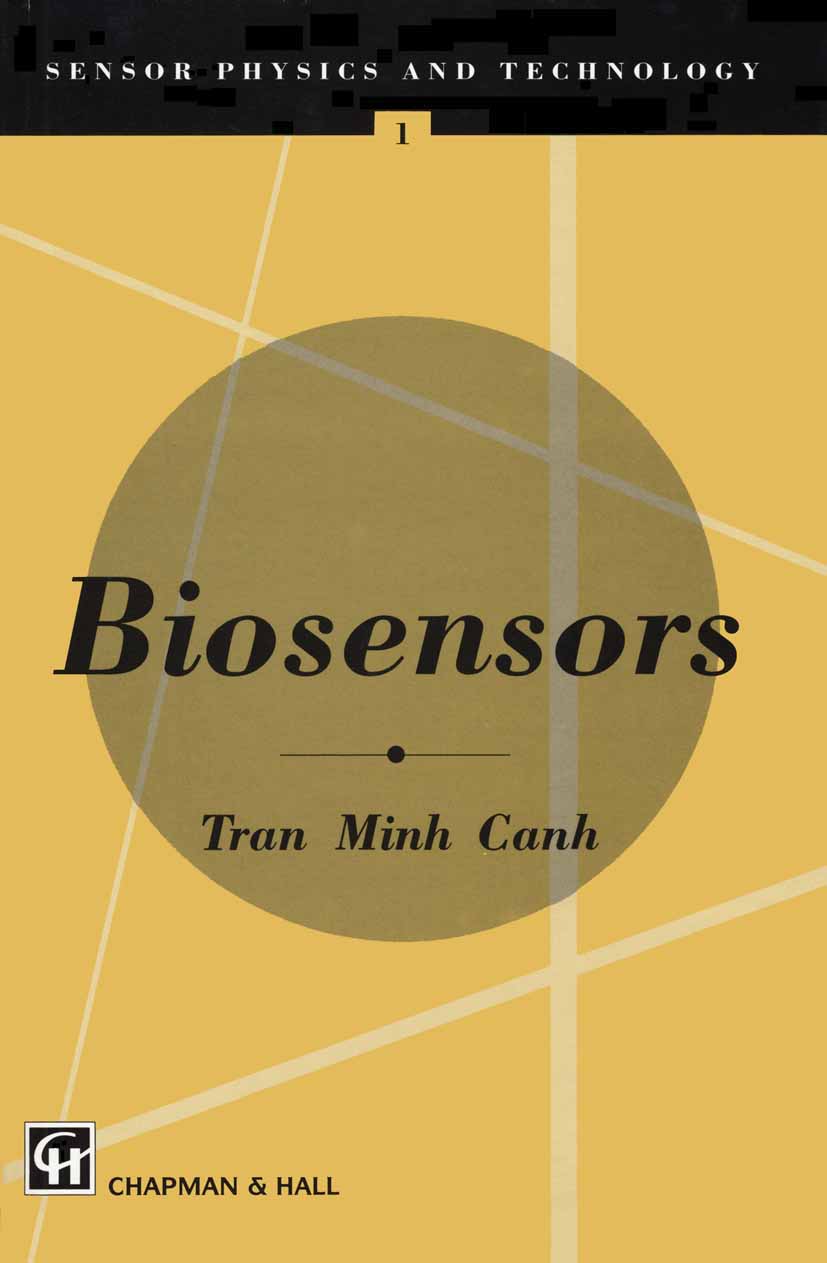
Biosensors Of all the recent discoveries in biotechnology, that of biosensor is one of those which has seen an exponential expansion over the last few years. This evolution corresponds with the increasing need for measuring devices that can follow continuously changing biological processes. Biosensors can meet this need provided that their signals include all the information necessary for an understanding of the process, especially concerning the nature and concentration of the species present in the sample medium. It is well known that sensors form the basis of all instrumental analysis systems, but they also represent the limiting factors of such systems. In this book, we restrict ourselves to the description and study of sensors, leaving aside the different aspects of signal and data treatment. We believe, however, that it is important to stress the multifaceted character of biosensors, and the applications and economic factors which follow. Biosensor construction is essentially based on the immobilization of a bioreceptor on the corresponding transducer. The reader will find that there are a large variety of techniques for immobilizing enzymes, cofactors and mediators, and even microorganisms, immunoagents, e now commercially available. Other types of tissues, and organelles. A large part of this book is devoted to enzyme biosensors are discussed, with regard to both the principles of their sensors, which is hardly surprising considering that they have been operation, and their construction. TECHNOLOGY & ENGINEERING,Electrical

Newnes Electrical Power Engineer's Handbook The second edition of this popular engineering reference book, previously titles Newnes Electrical Engineer’s Handbook, provides a basic understanding of the underlying theory and operation of the major classes of electrical equipment. With coverage including the key principles of electrical engineering and the design and operation of electrical equipment, the book uses clear descriptions and logical presentation of data to explain electrical power and its applications. Each chapter is written by leading professionals and academics, and many sections conclude with a summary of key standards. The new edition is updated in line with recent advances in EMC, power quality and the structure and operation of power systems, making Newnes Electrical Power Engineer’s Handbook an invaluable guide for today’s electrical power engineer. A unique, concise reference book with contributions from eminent professionals in the field Provides straightforward and practical explanations, plus key information needed by engineers on a day-to-day basis Includes a summary of key standards at the end of each chapter TECHNOLOGY & ENGINEERING,Electrical

Autonomous Mobile Robots It has long been the goal of engineers to develop tools that enhance our ability to do work, increase our quality of life, or perform tasks that are either beyond our ability, too hazardous, or too tedious to be left to human efforts. Autonomous mobile robots are the culmination of decades of research and development, and their potential is seemingly unlimited. Roadmap to the FutureServing as the first comprehensive reference on this interdisciplinary technology, Autonomous Mobile Robots: Sensing, Control, Decision Making, and Applications authoritatively addresses the theoretical, technical, and practical aspects of the field. The book examines in detail the key components that form an autonomous mobile robot, from sensors and sensor fusion to modeling and control, map building and path planning, and decision making and autonomy, and to the final integration of these components for diversified applications. Trusted GuidanceA duo of accomplished experts leads a team of renowned international researchers and professionals who provide detailed technical reviews and the latest solutions to a variety of important problems. They share hard-won insight into the practical implementation and integration issues involved in developing autonomous and open robotic systems, along with in-depth examples, current and future applications, and extensive illustrations. For anyone involved in researching, designing, or deploying autonomous robotic systems, Autonomous Mobile Robots is the perfect resource. TECHNOLOGY & ENGINEERING,Electrical

Broadcasting and Optical Communication Technology In two editions spanning more than a decade, The Electrical Engineering Handbook stands as the definitive reference to the multidisciplinary field of electrical engineering. Our knowledge continues to grow, and so does the Handbook. For the third edition, it has been expanded into a set of six books carefully focused on a specialized area or field of study. Broadcasting and Optical Communication Technology represents a concise yet definitive collection of key concepts, models, and equations in the fields of broadcasting and optical communication, thoughtfully gathered for convenient access. Addressing the challenges involved in modern communications networks, Broadcasting and Optical Communication Technology explores communications, information theory, and devices, covering all the basic information needed for a thorough understanding of these areas. It also examines the emerging areas of adaptive estimation and optical communication, including lightwave technology, long-distance fiber optic communications, and photonic networks. Articles include defining terms, references, and sources of further information. Encompassing the work of the world's foremost experts in their respective specialties, Broadcasting and Optical Communication Technology presents the latest developments, the broadest scope of coverage, and new material on mobile communications. It offers fast, convenient access to specialists in need of detailed reference on the job. TECHNOLOGY & ENGINEERING,Electrical
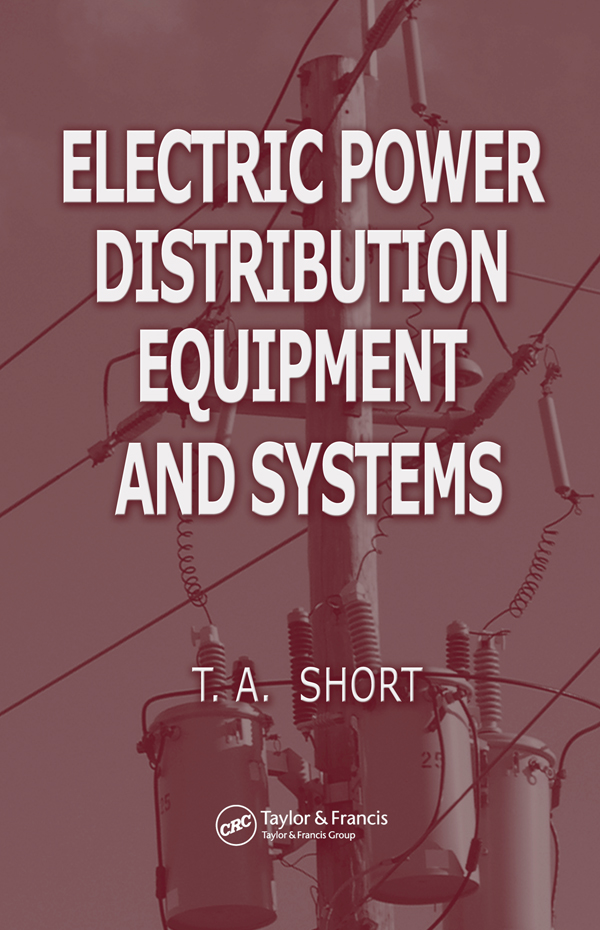
Electric Power Distribution Equipment and Systems Power distribution and quality remain the key challenges facing the electric utilities industry. Choosing the right equipment and architecture for a given application means the difference between success and failure. Comprising chapters carefully selected from the best-selling Electric Power Distribution Handbook, Electric Power Distribution Equipment and Systems provides an economical, sharply focused reference on the technologies and infrastructures that enable reliable, efficient distribution of power, from traversing vast distances to local power delivery. The book works inward from broad coverage of overall power systems all the way down to specific equipment application. It begins by laying a foundation in the fundamentals of distribution systems, explaining configurations, substations, loads, and differences between European and US systems. It also includes a look at the development of the field as well as future problems and challenges to overcome. Building on this groundwork, the author elaborates on both overhead and underground distribution networks, including the underlying concepts and practical issues associated with each. Probing deeper into the system, individual chapters explore transformers, voltage regulation, and capacitor application in detail, from basic principles to operational considerations. With clear explanations and detailed information, Electric Power Distribution Equipment and Systems gathers critical concepts, technologies, and applications into a single source that is ideally suited for immediate implementation. TECHNOLOGY & ENGINEERING,Electrical

Electric Relays Electric relays pervade the electronics that dominate our world. They exist in many forms, fulfill many roles, and each have their own behavioral nuances and peculiarities. To date, there exists no comprehensive reference surveying the broad spectrum of electric relays, save one-Electric Relays: Principles and Applications. This ambitious work is not only unique in its scope, but also in its practical approach that focuses on the operational and functional aspects rather than on theory and mathematics. Accomplished engineer Dr. Vladimir Gurevich builds the presentation from first principles, unfolding the concepts and constructions via discussion of their historical development from the earliest ideas to modern technologies. He uses a show-not-tell approach that employs nearly 1300 illustrations and reveals valuable insight based on his extensive experience in the field. The book begins with the basic principles of relay construction and the major functional parts, such as contact and magnetic systems. Then, it devotes individual chapters to the various types of relays. The author describes the principles of function and construction for each type as well as features of several relays belonging to a type that operate on different principles. Remarkably thorough and uniquely practical, Electric Relays: Principles and Applications serves as the perfect introduction to the plethora of electric relays and offers a quick-reference guide for the experienced engineer. TECHNOLOGY & ENGINEERING,Electrical
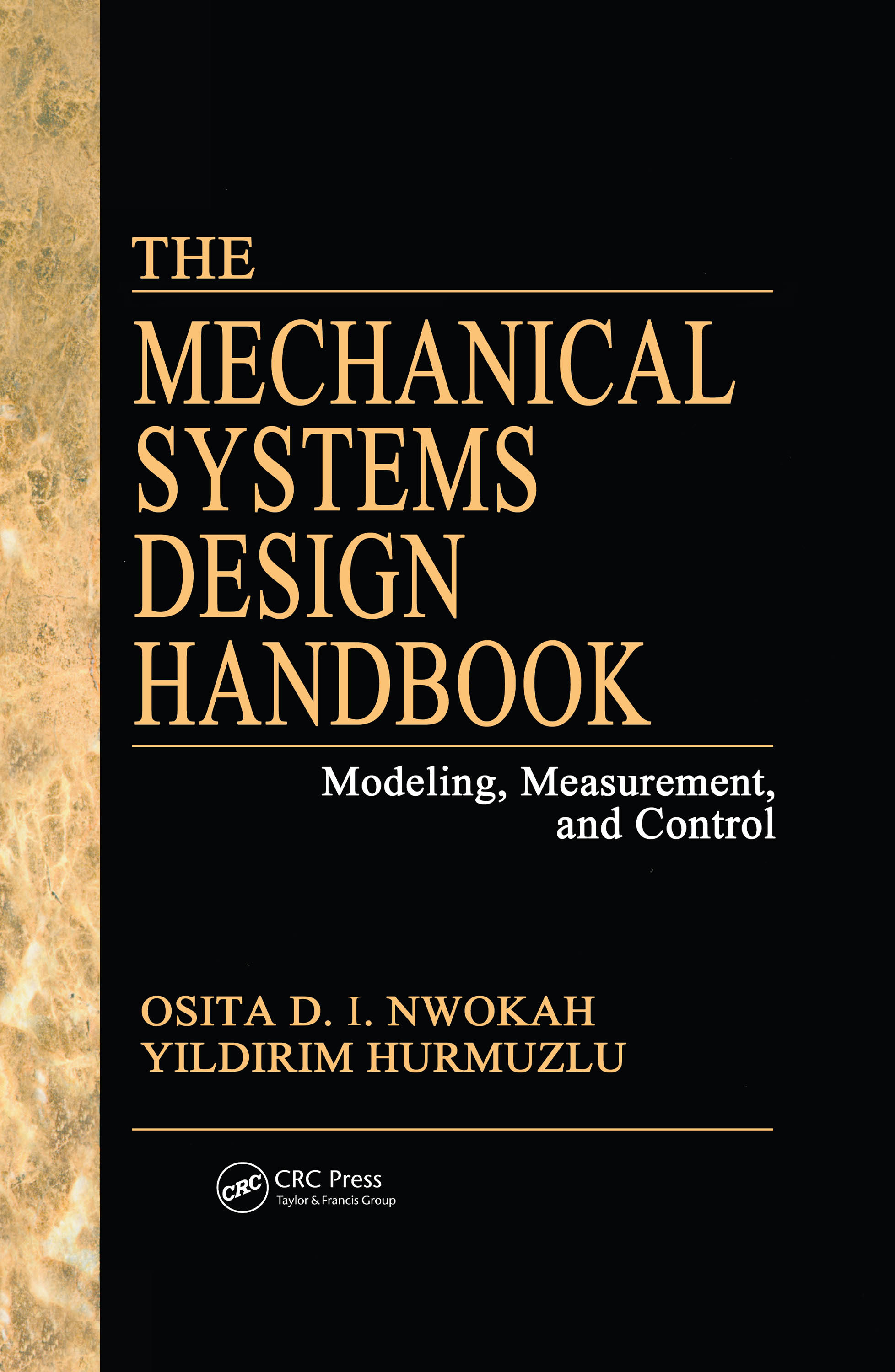
The Mechanical Systems Design Handbook With a specific focus on the needs of the designers and engineers in industrial settings, The Mechanical Systems Design Handbook: Modeling, Measurement, and Control presents a practical overview of basic issues associated with design and control of mechanical systems. In four sections, each edited by a renowned expert, this book answers diverse questions fundamental to the successful design and implementation of mechanical systems in a variety of applications. Manufacturing addresses design and control issues related to manufacturing systems. From fundamental design principles to control of discrete events, machine tools, and machining operations to polymer processing and precision manufacturing systems. Vibration Control explores a range of topics related to active vibration control, including piezoelectric networks, the boundary control method, and semi-active suspension systems. Aerospace Systems presents a detailed analysis of the mechanics and dynamics of tensegrity structures Robotics offers encyclopedic coverage of the control and design of robotic systems, including kinematics, dynamics, soft-computing techniques, and teleoperation. Mechanical systems designers and engineers have few resources dedicated to their particular and often unique problems. The Mechanical Systems Design Handbook clearly shows how theory applies to real world challenges and will be a welcomed and valuable addition to your library. TECHNOLOGY & ENGINEERING,Electrical
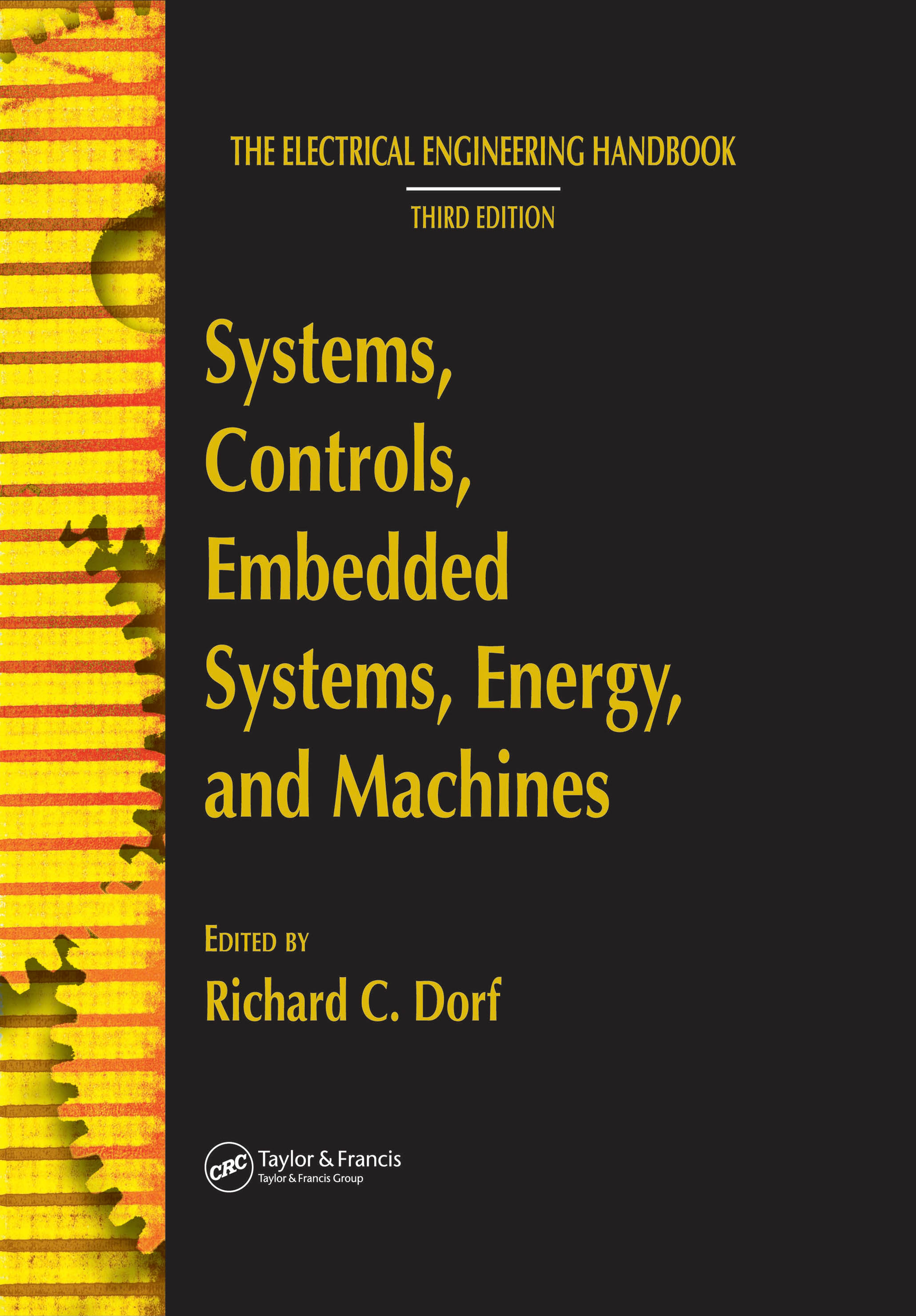
Systems, Controls, Embedded Systems, Energy, and Machines In two editions spanning more than a decade, The Electrical Engineering Handbook stands as the definitive reference to the multidisciplinary field of electrical engineering. Our knowledge continues to grow, and so does the Handbook. For the third edition, it has expanded into a set of six books carefully focused on a specialized area or field of study. Each book represents a concise yet definitive collection of key concepts, models, and equations in its respective domain, thoughtfully gathered for convenient access. Systems, Controls, Embedded Systems, Energy, and Machines explores in detail the fields of energy devices, machines, and systems as well as control systems. It provides all of the fundamental concepts needed for thorough, in-depth understanding of each area and devotes special attention to the emerging area of embedded systems. Each article includes defining terms, references, and sources of further information. Encompassing the work of the world's foremost experts in their respective specialties, Systems, Controls, Embedded Systems, Energy, and Machines features the latest developments, the broadest scope of coverage, and new material on human-computer interaction. TECHNOLOGY & ENGINEERING,Electrical
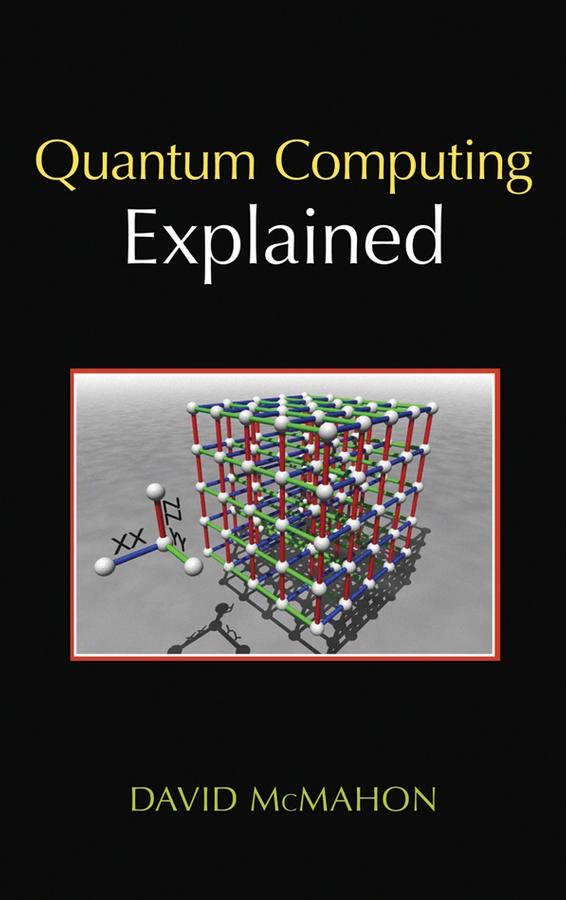
Quantum Computing Explained A self-contained treatment of the fundamentals of quantum computing This clear, practical book takes quantum computing out of the realm of theoretical physics and teaches the fundamentals of the field to students and professionals who have not had training in quantum computing or quantum information theory, including computer scientists, programmers, electrical engineers, mathematicians, physics students, and chemists. The author cuts through the conventions of typical jargon-laden physics books and instead presents the material through his unique "how-to" approach and friendly, conversational style. Readers will learn how to carry out calculations with explicit details and will gain a fundamental grasp of: * Quantum mechanics * Quantum computation * Teleportation * Quantum cryptography * Entanglement * Quantum algorithms * Error correction A number of worked examples are included so readers can see how quantum computing is done with their own eyes, while answers to similar end-of-chapter problems are provided for readers to check their own work as they learn to master the information. Ideal for professionals and graduate-level students alike, Quantum Computing Explained delivers the fundamentals of quantum computing readers need to be able to understand current research papers and go on to study more advanced quantum texts. TECHNOLOGY & ENGINEERING,Electrical

Fundamental Electrical and Electronic Principles Fundamental Electrical and Electronic Principles covers the essential principles that form the foundations for electrical and electronic engineering courses. The coverage of this new edition has been carefully brought in line with the core unit 'Electrical and Electronic Principles' of the 2007 BTEC National Engineering specification from Edexcel. As the book follows a logical topic progression rather than a particular syllabus, it is also suitable for other Level 3 students on vocational courses such as Vocational AS/A Level, City & Guilds courses and NVQs, as well as those taking foundation courses at pre-degree level including HNC/HND. Each chapter starts with learning outcomes tied to the syllabus. All theory is explained in detail and backed up with numerous worked examples. Students can test their understanding with end of chapter assignment questions for which answers are provided. The book also includes suggested practical assignments and handy summaries of equations. In this new edition, the layout has been improved and colour has been added to make the book more accessible for students. The textbook is supported with a free companion website featuring supplementary worked examples and additional chapters.http://books.elsevier.com/companions/9780750687379 TECHNOLOGY & ENGINEERING,Electrical
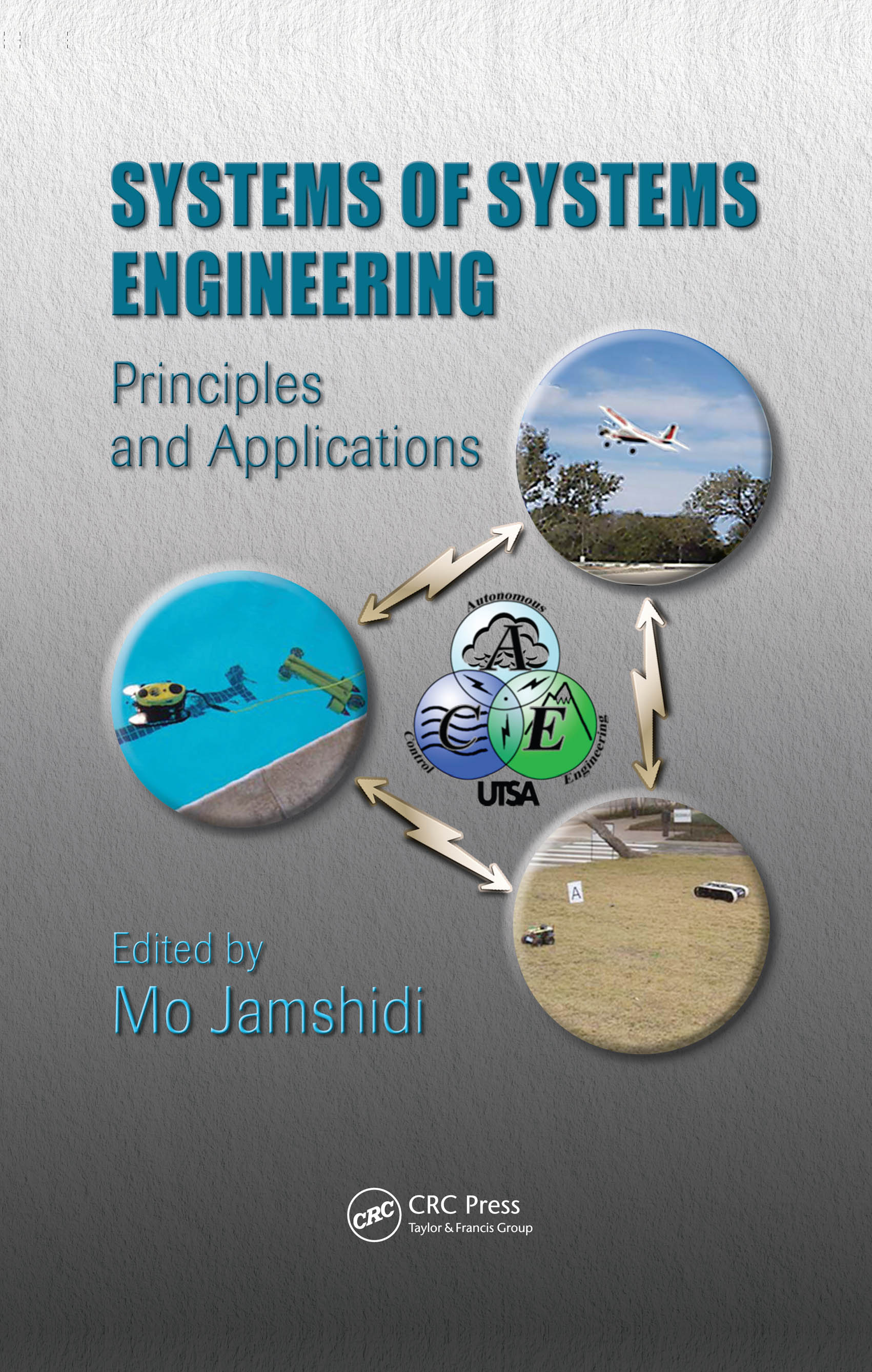
Systems of Systems Engineering As technology presses forward, scientific projects are becoming increasingly complex. The international space station, for example, includes over 100 major components, carried aloft during 88 spaces flights which were organized by over 16 nations. The need for improved system integration between the elements of an overall larger technological system has sparked further development of systems of systems (SoS) as a solution for achieving interoperability and superior coordination between heterogeneous systems. Systems of Systems Engineering: Principles and Applications provides engineers with a definitive reference on this newly emerging technology, which is being embraced by such engineering giants as Boeing, Lockheed Martin, and Raytheon. The book covers the complete range of fundamental SoS topics, including modeling, simulation, architecture, control, communication, optimization, and applications. Containing the contributions of pioneers at the forefront of SoS development, the book also offers insight into applications in national security, transportation, energy, and defense as well as healthcare, the service industry, and information technology. System of systems (SoS) is still a relatively new concept, and in time numerous problems and open-ended issues must be addressed to realize its great potential. THis book offers a first look at this rapidly developing technology so that engineers are better equipped to face such challenges. TECHNOLOGY & ENGINEERING,Electrical
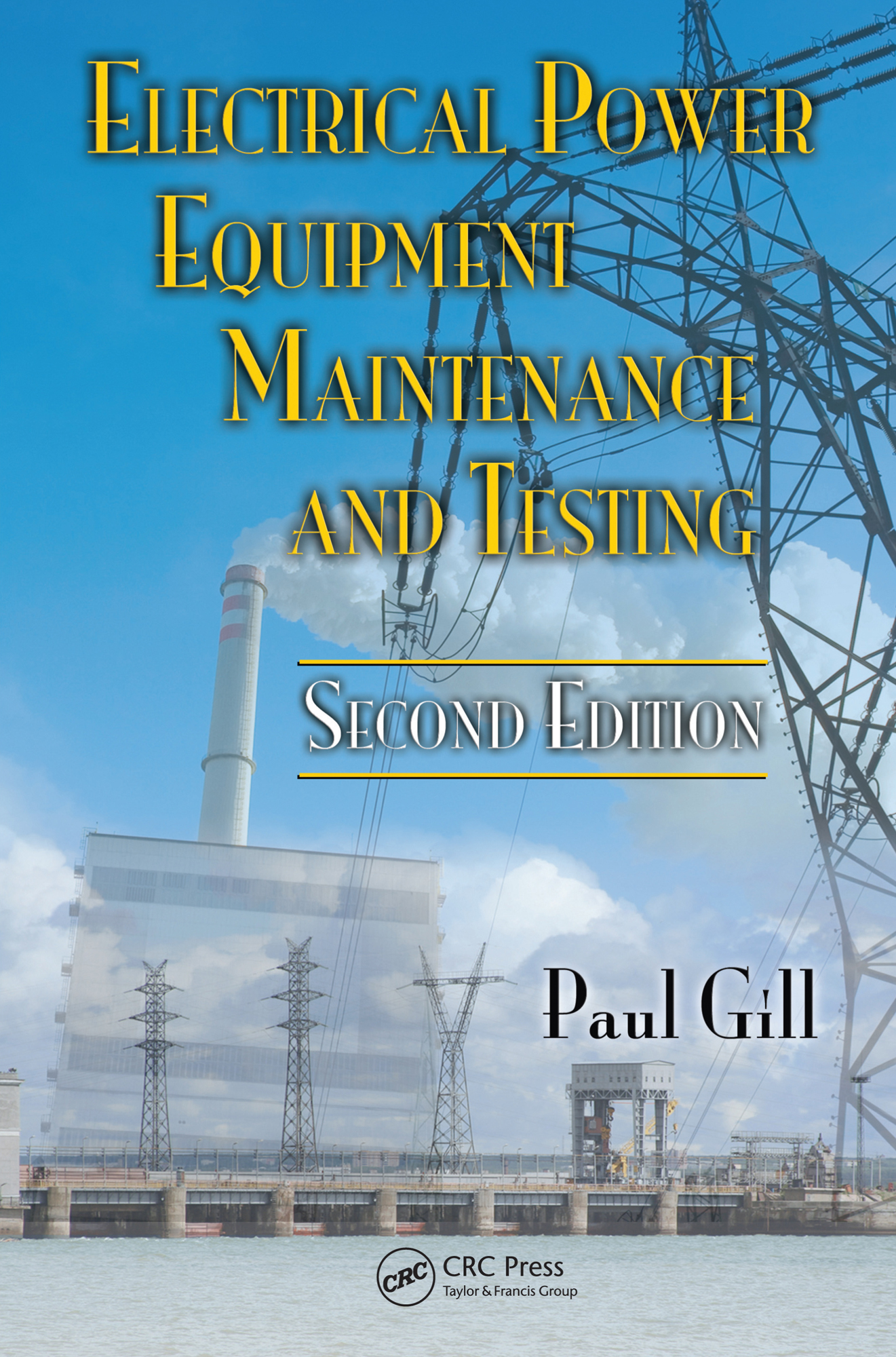
Electrical Power Equipment Maintenance and Testing The second edition of a bestseller, this definitive text covers all aspects of testing and maintenance of the equipment found in electrical power systems serving industrial, commercial, utility substations, and generating plants. It addresses practical aspects of routing testing and maintenance and presents both the methodologies and engineering basics needed to carry out these tasks. It is an essential reference for engineers and technicians responsible for the operation, maintenance, and testing of power system equipment. Comprehensive coverage includes dielectric theory, dissolved gas analysis, cable fault locating, ground resistance measurements, and power factor, dissipation factor, DC, breaker, and relay testing methods. TECHNOLOGY & ENGINEERING,Electrical
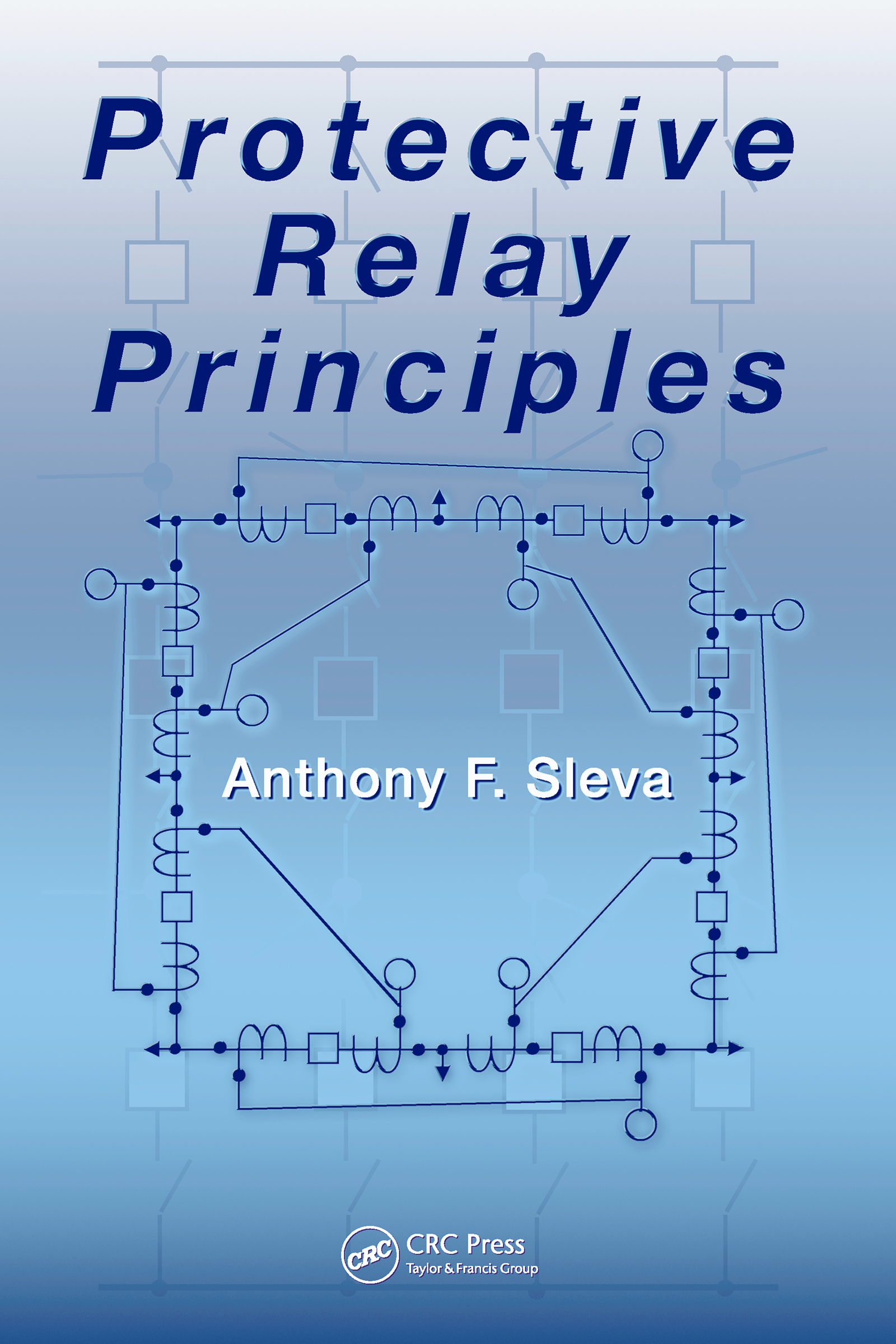
Protective Relay Principles Improve Failure Detection and Optimize Protection In the ever-evolving field of protective relay technology, an engineer’s personal preference and professional judgment are as important to power system protection as the physical relays used to detect and isolate abnormal conditions. Invaluable Insights from an Experienced Expert Protective Relay Principles focuses on probable power system failure modes and the important characteristics of the protective relays used to detect these postulated failures. The book presents useful new concepts in a way that is easier to understand because they are equally relevant to older, electromechanical and solid-state relays, and newer, more versatile microprocessor-based relays. It introduces the applications, considerations, and setting philosophies used in transmission-line, distribution-line, and substation applications, covering concepts associated with general system operations and fault detection. Topics include relay load limits, cold load pickup, voltage recovery, and arc flash. The author also delves into the philosophies that engineers employ in both urban and rural areas, with a detailed consideration of setpoint function. Analysis of Key Concepts That Are Usually Just Glossed Over This versatile text is ideal for new engineers to use as a tutorial before they open the instruction manuals that accompany multi-function microprocessor-based relays. Guiding readers through the transient loading conditions that can result in relay misoperation, the author elaborates on concepts that are not generally discussed, but can be very helpful in specific applications. Readers will come away with an excellent grasp of important design considerations for working with overcurrent, over- and undervoltage, impedance, distance, and differential type relay functions, either individually or in combination. Also useful for students as a textbook, this book includes practical examples for many applications, and offers guidance for more unusual ones. TECHNOLOGY & ENGINEERING,Electrical
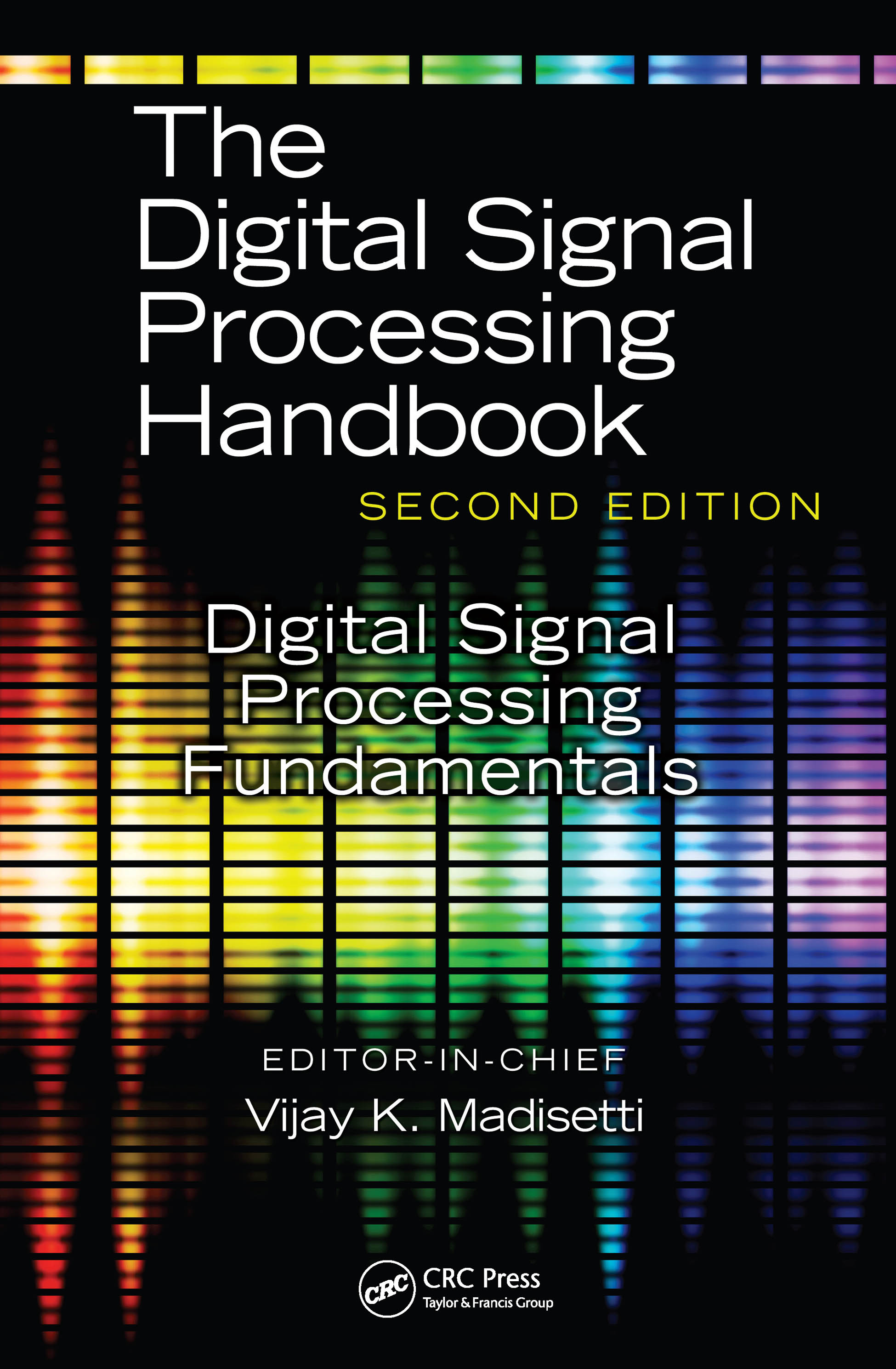
Digital Signal Processing Fundamentals Now available in a three-volume set, this updated and expanded edition of the bestselling The Digital Signal Processing Handbook continues to provide the engineering community with authoritative coverage of the fundamental and specialized aspects of information-bearing signals in digital form. Encompassing essential background material, technical details, standards, and software, the second edition reflects cutting-edge information on signal processing algorithms and protocols related to speech, audio, multimedia, and video processing technology associated with standards ranging from WiMax to MP3 audio, low-power/high-performance DSPs, color image processing, and chips on video. Drawing on the experience of leading engineers, researchers, and scholars, the three-volume set contains 29 new chapters that address multimedia and Internet technologies, tomography, radar systems, architecture, standards, and future applications in speech, acoustics, video, radar, and telecommunications. Emphasizing theoretical concepts, Digital Signal Processing Fundamentals provides comprehensive coverage of the basic foundations of DSP and includes the following parts: Signals and Systems; Signal Representation and Quantization; Fourier Transforms; Digital Filtering; Statistical Signal Processing; Adaptive Filtering; Inverse Problems and Signal Reconstruction; and Time–Frequency and Multirate Signal Processing. TECHNOLOGY & ENGINEERING,Electrical
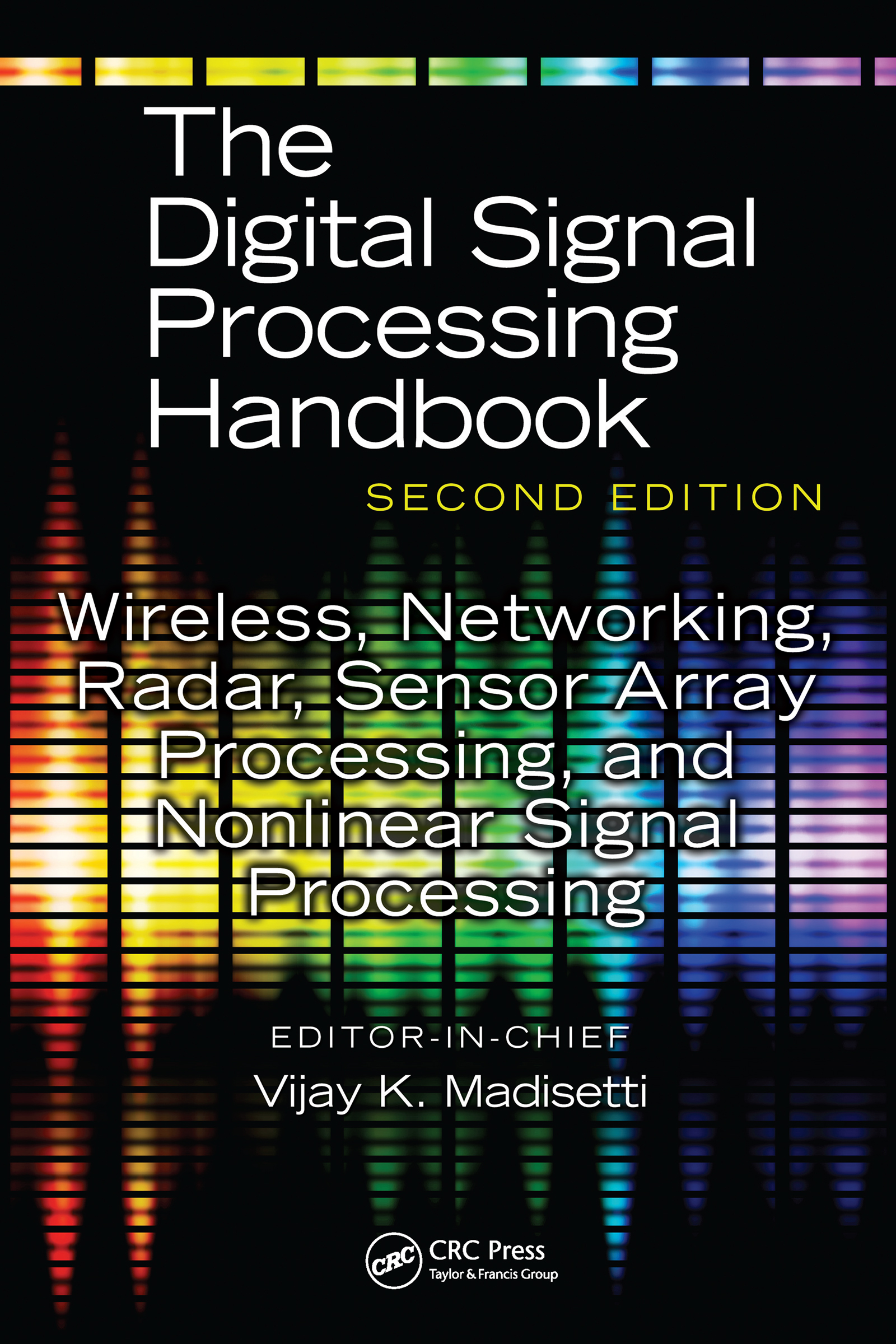
Wireless, Networking, Radar, Sensor Array Processing, and Nonlinear Signal Processing Now available in a three-volume set, this updated and expanded edition of the bestselling The Digital Signal Processing Handbook continues to provide the engineering community with authoritative coverage of the fundamental and specialized aspects of information-bearing signals in digital form. Encompassing essential background material, technical details, standards, and software, the second edition reflects cutting-edge information on signal processing algorithms and protocols related to speech, audio, multimedia, and video processing technology associated with standards ranging from WiMax to MP3 audio, low-power/high-performance DSPs, color image processing, and chips on video. Drawing on the experience of leading engineers, researchers, and scholars, the three-volume set contains 29 new chapters that address multimedia and Internet technologies, tomography, radar systems, architecture, standards, and future applications in speech, acoustics, video, radar, and telecommunications. This volume, Wireless, Networking, Radar, Sensor Array Processing, and Nonlinear Signal Processing, provides complete coverage of the foundations of signal processing related to wireless, radar, space–time coding, and mobile communications, together with associated applications to networking, storage, and communications. TECHNOLOGY & ENGINEERING,Electrical
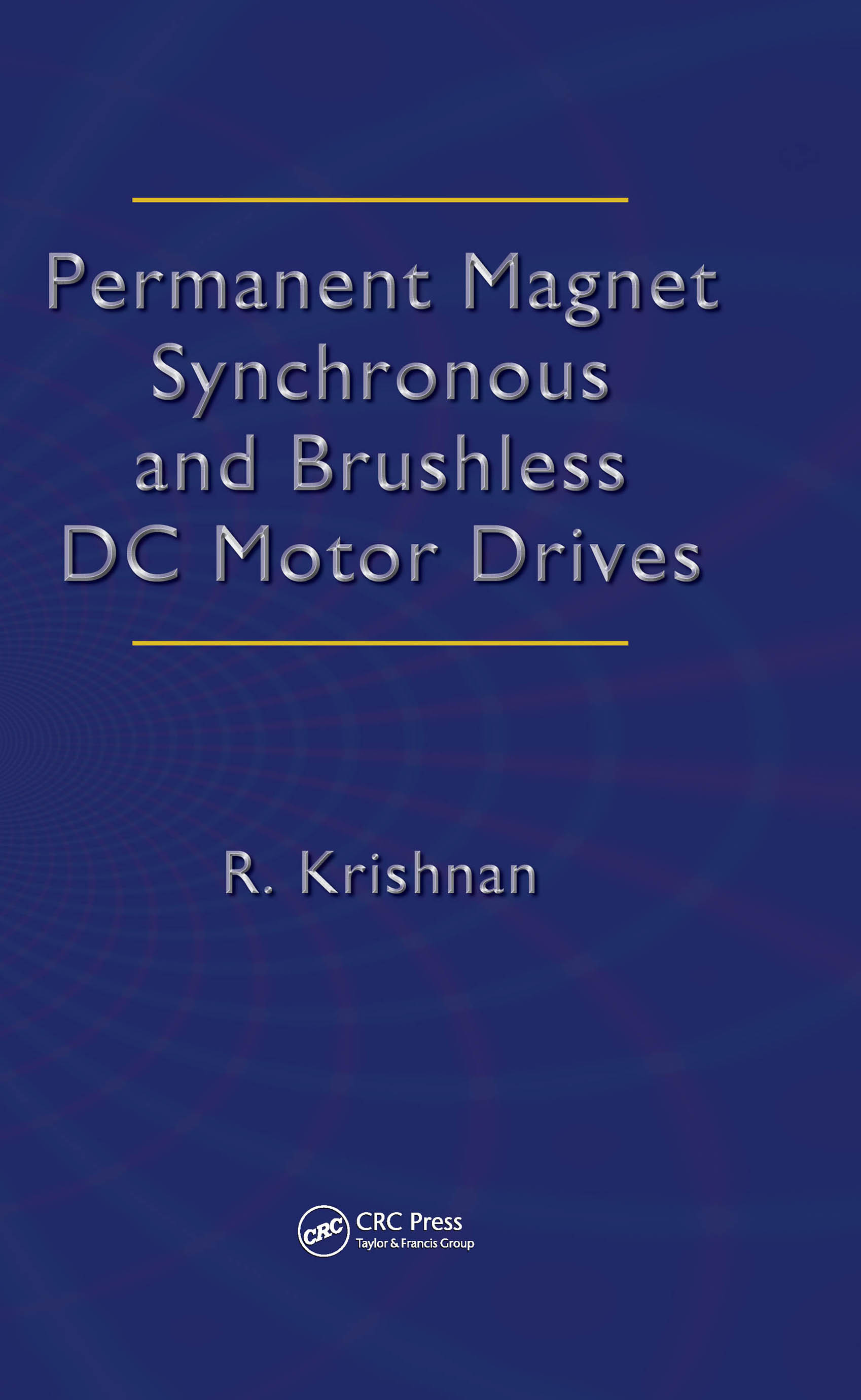
Permanent Magnet Synchronous and Brushless DC Motor Drives Despite two decades of massive strides in research and development on control strategies and their subsequent implementation, most books on permanent magnet motor drives still focus primarily on motor design, providing only elementary coverage of control and converters. Addressing that gap with information that has largely been disseminated only in journals and at conferences, Permanent Magnet Synchronous and Brushless DC Motor Drives is a long-awaited comprehensive overview of power electronic converters for permanent magnet synchronous machines and control strategies for variable-speed operation. It introduces machines, power devices, inverters, and control, and addresses modeling, implementation, control strategies, and flux weakening operations, as well as parameter sensitivity, and rotor position sensorless control. Suitable for both industrial and academic audiences, this book also covers the simulation, low cost inverter topologies, and commutation torque ripple of PM brushless DC motor drives. Simulation of the motor drives system is illustrated with MATLAB® codes in the text. This book is divided into three parts—fundamentals of PM synchronous and brushless dc machines, power devices, inverters; PM synchronous motor drives, and brushless dc motor drives. With regard to the power electronics associated with these drive systems, the author: Explores use of the standard three-phase bridge inverter for driving the machine, power factor correction, and inverter control Introduces space vector modulation step by step and contrasts with PWM Details dead time effects in the inverter, and its compensation Discusses new power converter topologies being considered for low-cost drive systems in PM brushless DC motor drives This reference is dedicated exclusively to PM ac machines, with a timely emphasis on control and standard, and low-cost converter topologies. Widely used for teaching at the doctoral level and for industrial audiences both in the U.S. and abroad, it will be a welcome addition to any engineer’s library. TECHNOLOGY & ENGINEERING,Electrical
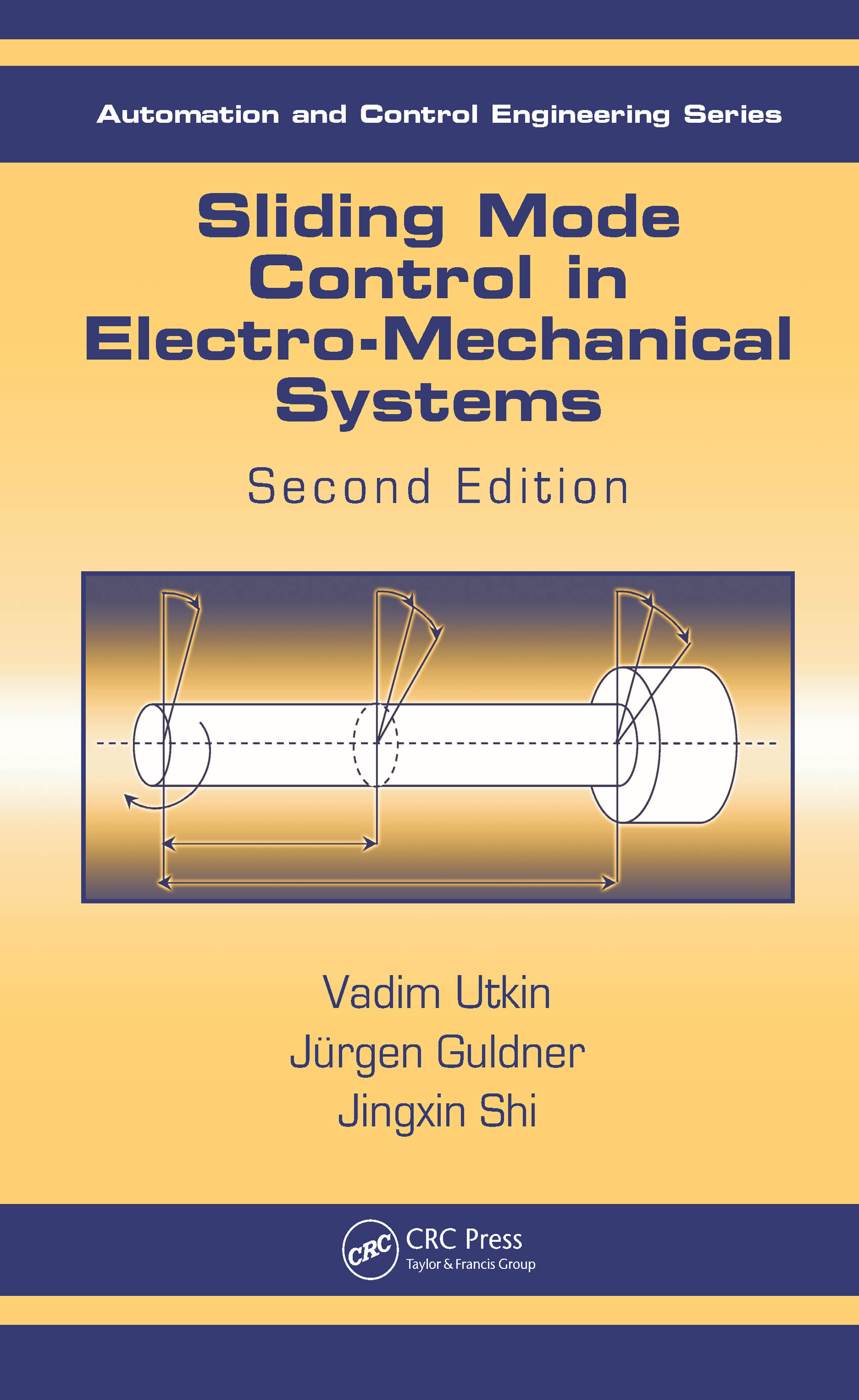
Sliding Mode Control in Electro-Mechanical Systems Apply Sliding Mode Theory to Solve Control Problems Interest in SMC has grown rapidly since the first edition of this book was published. This second edition includes new results that have been achieved in SMC throughout the past decade relating to both control design methodology and applications. In that time, Sliding Mode Control (SMC) has continued to gain increasing importance as a universal design tool for the robust control of linear and nonlinear electro-mechanical systems. Its strengths result from its simple, flexible, and highly cost-effective approach to design and implementation. Most importantly, SMC promotes inherent order reduction and allows for the direct incorporation of robustness against system uncertainties and disturbances. These qualities lead to dramatic improvements in stability and help enable the design of high-performance control systems at low cost. Written by three of the most respected experts in the field, including one of its originators, this updated edition of Sliding Mode Control in Electro-Mechanical Systems reflects developments in the field over the past decade. It builds on the solid fundamentals presented in the first edition to promote a deeper understanding of the conventional SMC methodology, and it examines new design principles in order to broaden the application potential of SMC. SMC is particularly useful for the design of electromechanical systems because of its discontinuous structure. In fact, where the hardware of many electromechanical systems (such as electric motors) prescribes discontinuous inputs, SMC becomes the natural choice for direct implementation. This book provides a unique combination of theory, implementation issues, and examples of real-life applications reflective of the authors’ own industry-leading work in the development of robotics, automobiles, and other technological breakthroughs. TECHNOLOGY & ENGINEERING,Electrical
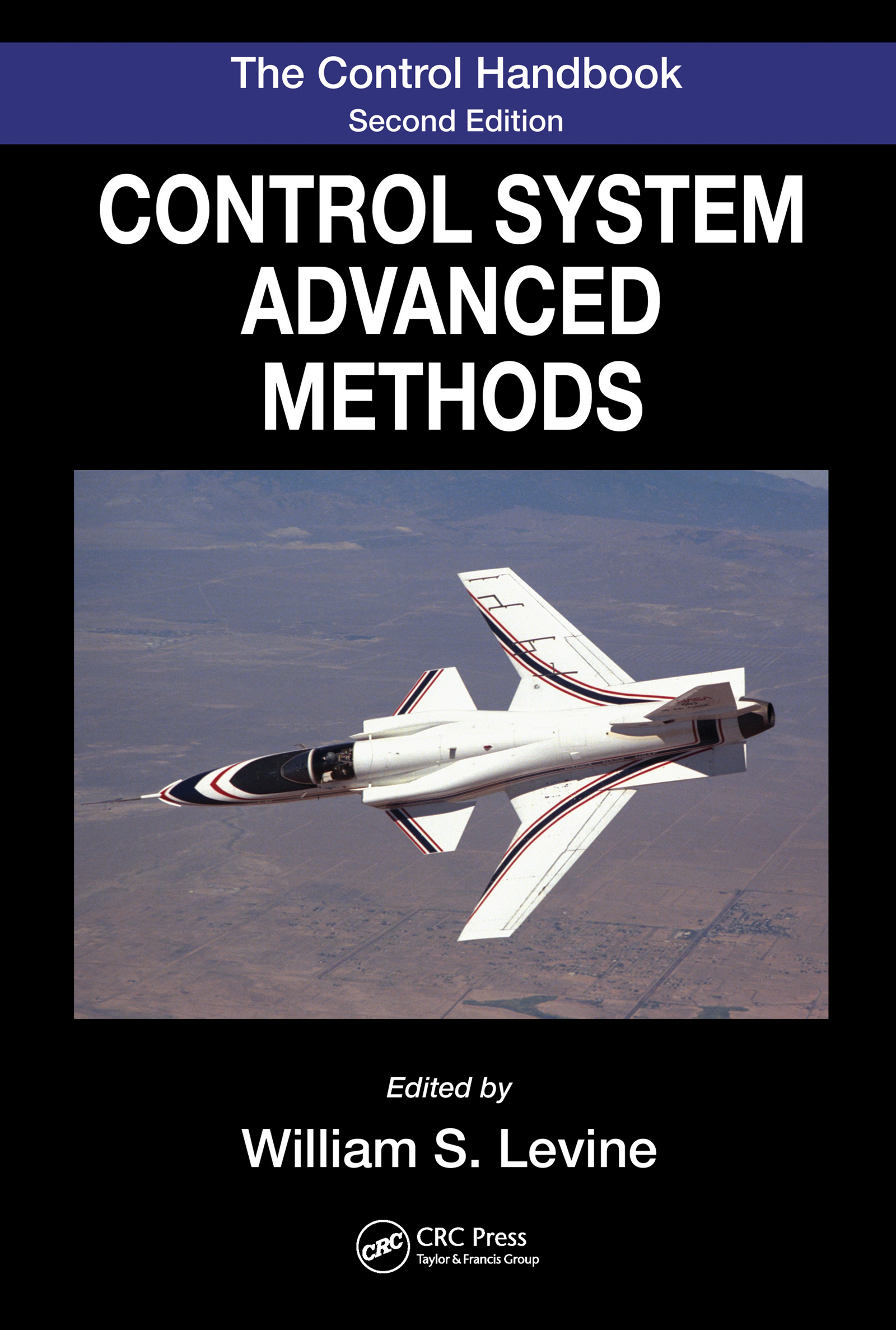
The Control Systems Handbook At publication, The Control Handbook immediately became the definitive resource that engineers working with modern control systems required. Among its many accolades, that first edition was cited by the AAP as the Best Engineering Handbook of 1996. Now, 15 years later, William Levine has once again compiled the most comprehensive and authoritative resource on control engineering. He has fully reorganized the text to reflect the technical advances achieved since the last edition and has expanded its contents to include the multidisciplinary perspective that is making control engineering a critical component in so many fields. Now expanded from one to three volumes, The Control Handbook, Second Edition organizes cutting-edge contributions from more than 200 leading experts. The third volume, Control System Advanced Methods, includes design and analysis methods for MIMO linear and LTI systems, Kalman filters and observers, hybrid systems, and nonlinear systems. It also covers advanced considerations regarding — Stability Adaptive controls System identification Stochastic control Control of distributed parameter systems Networks and networked controls As with the first edition, the new edition not only stands as a record of accomplishment in control engineering but provides researchers with the means to make further advances. Progressively organized, the first two volumes in the set include: Control System Fundamentals Control System Applications TECHNOLOGY & ENGINEERING,Electrical
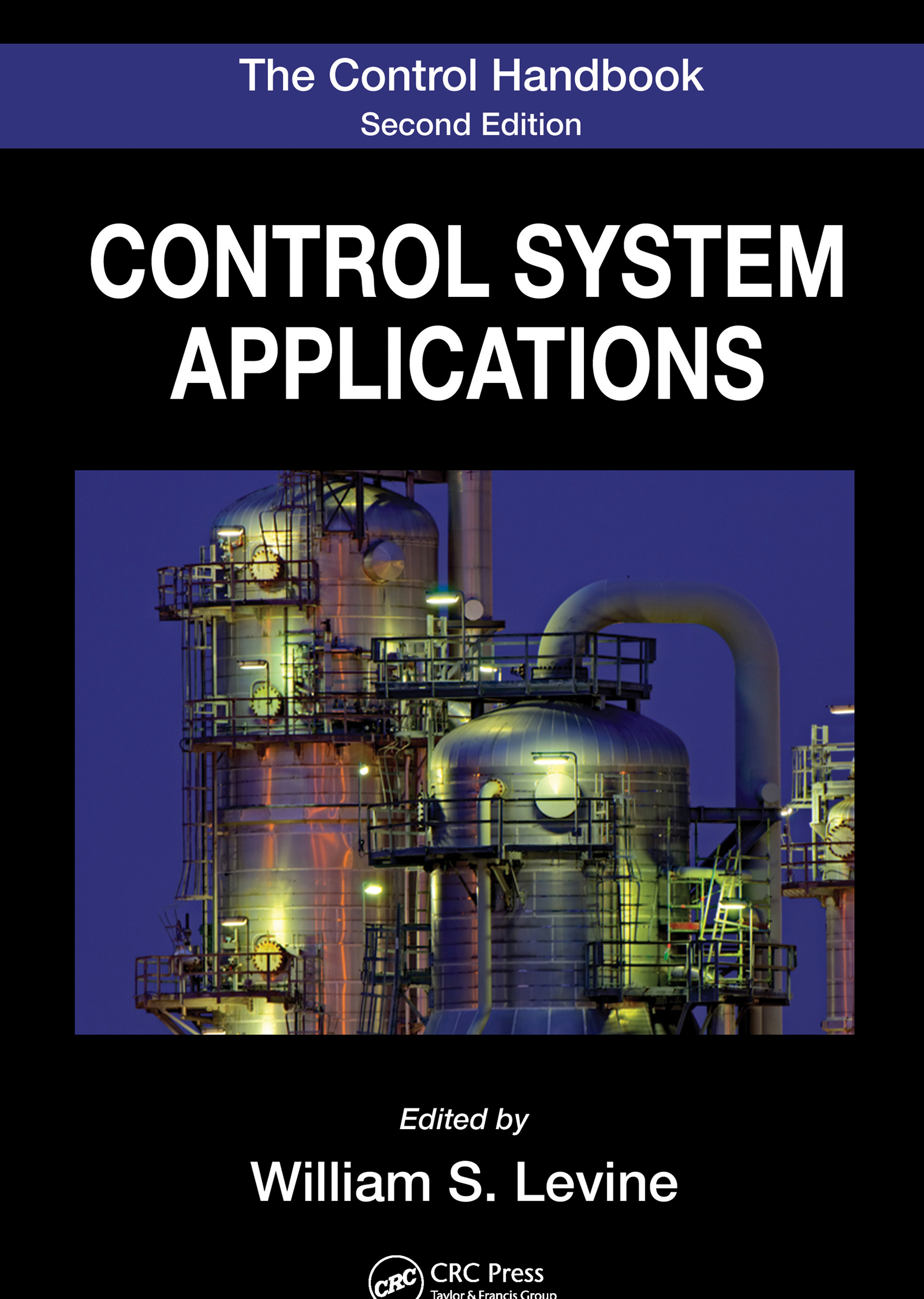
The Control Handbook At publication, The Control Handbook immediately became the definitive resource that engineers working with modern control systems required. Among its many accolades, that first edition was cited by the AAP as the Best Engineering Handbook of 1996. Now, 15 years later, William Levine has once again compiled the most comprehensive and authoritative resource on control engineering. He has fully reorganized the text to reflect the technical advances achieved since the last edition and has expanded its contents to include the multidisciplinary perspective that is making control engineering a critical component in so many fields. Now expanded from one to three volumes, The Control Handbook, Second Edition organizes cutting-edge contributions from more than 200 leading experts. The second volume, Control System Applications, includes 35 entirely new applications organized by subject area. Covering the design and use of control systems, this volume includes applications for: Automobiles, including PEM fuel cells Aerospace Industrial control of machines and processes Biomedical uses, including robotic surgery and drug discovery and development Electronics and communication networks Other applications are included in a section that reflects the multidisciplinary nature of control system work. These include applications for the construction of financial portfolios, earthquake response control for civil structures, quantum estimation and control, and the modeling and control of air conditioning and refrigeration systems. As with the first edition, the new edition not only stands as a record of accomplishment in control engineering but provides researchers with the means to make further advances. Progressively organized, the other two volumes in the set include: Control System Fundamentals Control System Advanced Methods TECHNOLOGY & ENGINEERING,Electrical
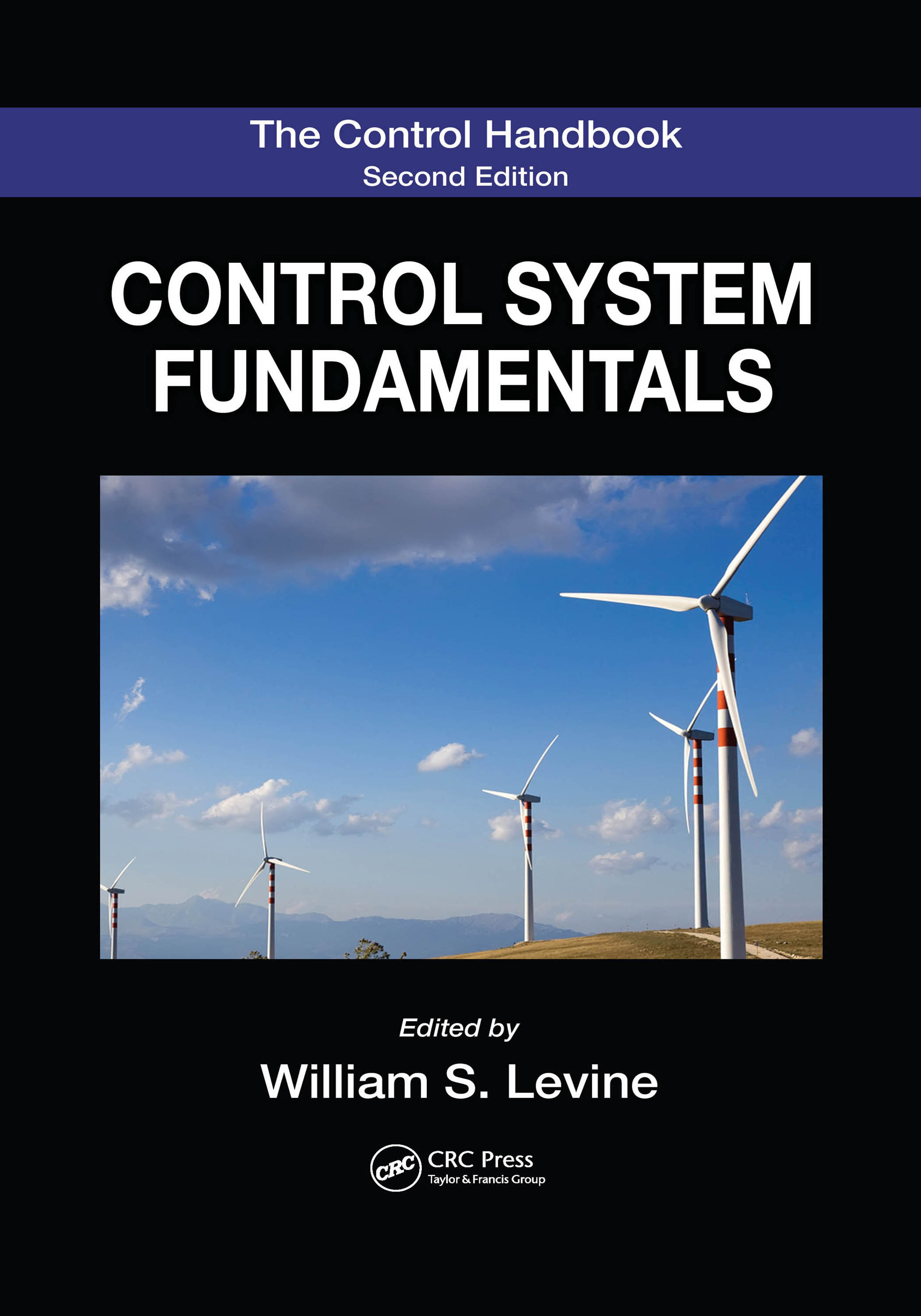
The Control Handbook At publication, The Control Handbook immediately became the definitive resource that engineers working with modern control systems required. Among its many accolades, that first edition was cited by the AAP as the Best Engineering Handbook of 1996. Now, 15 years later, William Levine has once again compiled the most comprehensive and authoritative resource on control engineering. He has fully reorganized the text to reflect the technical advances achieved since the last edition and has expanded its contents to include the multidisciplinary perspective that is making control engineering a critical component in so many fields. Now expanded from one to three volumes, The Control Handbook, Second Edition brilliantly organizes cutting-edge contributions from more than 200 leading experts representing every corner of the globe. The first volume, Control System Fundamentals, offers an overview for those new to the field but is also of great value to those across any number of fields whose work is reliant on but not exclusively dedicated to control systems. Covering mathematical fundamentals, defining principles, and basic system approaches, this volume: Details essential background, including transforms and complex variables Includes mathematical and graphical models used for dynamical systems Covers analysis and design methods and stability testing for continuous-time systems Delves into digital control and discrete-time systems, including real-time software for implementing feedback control and programmable controllers Analyzes design methods for nonlinear systems As with the first edition, the new edition not only stands as a record of accomplishment in control engineering but provides researchers with the means to make further advances. Progressively organized, the other two volumes in the set include: Control System Applications Control System Advanced Methods TECHNOLOGY & ENGINEERING,Electrical
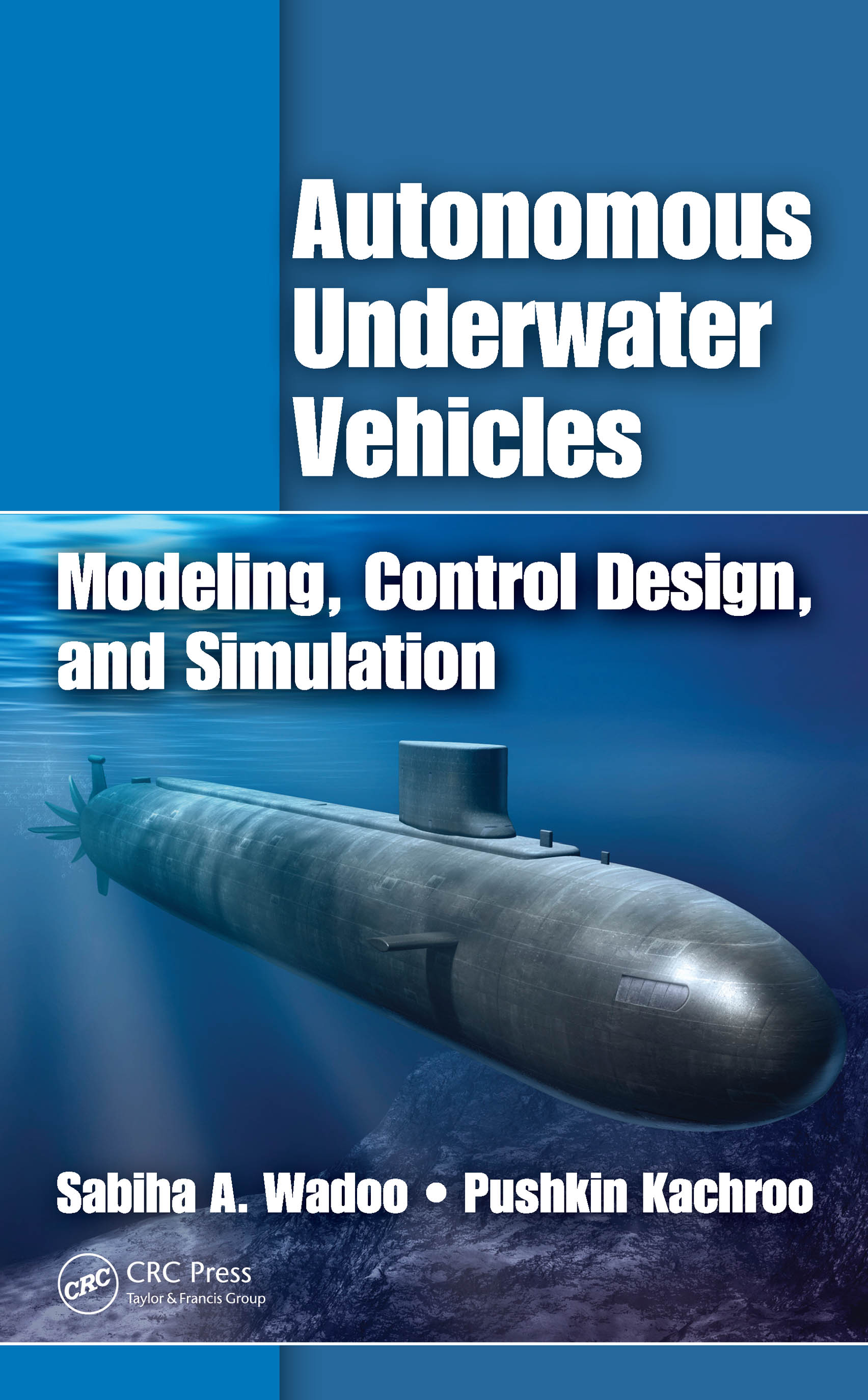
Autonomous Underwater Vehicles Underwater vehicles present some difficult and very particular control system design problems. These are often the result of nonlinear dynamics and uncertain models, as well as the presence of sometimes unforeseeable environmental disturbances that are difficult to measure or estimate. Autonomous Underwater Vehicles: Modeling, Control Design, and Simulation outlines a novel approach to help readers develop models to simulate feedback controllers for motion planning and design. The book combines useful information on both kinematic and dynamic nonlinear feedback control models, providing simulation results and other essential information, giving readers a truly unique and all-encompassing new perspective on design. Includes MATLAB® Simulations to Illustrate Concepts and Enhance Understanding Starting with an introductory overview, the book offers examples of underwater vehicle construction, exploring kinematic fundamentals, problem formulation, and controllability, among other key topics. Particularly valuable to researchers is the book’s detailed coverage of mathematical analysis as it applies to controllability, motion planning, feedback, modeling, and other concepts involved in nonlinear control design. Throughout, the authors reinforce the implicit goal in underwater vehicle design—to stabilize and make the vehicle follow a trajectory precisely. Fundamentally nonlinear in nature, the dynamics of AUVs present a difficult control system design problem which cannot be easily accommodated by traditional linear design methodologies. The results presented here can be extended to obtain advanced control strategies and design schemes not only for autonomous underwater vehicles but also for other similar problems in the area of nonlinear control. TECHNOLOGY & ENGINEERING,Electrical
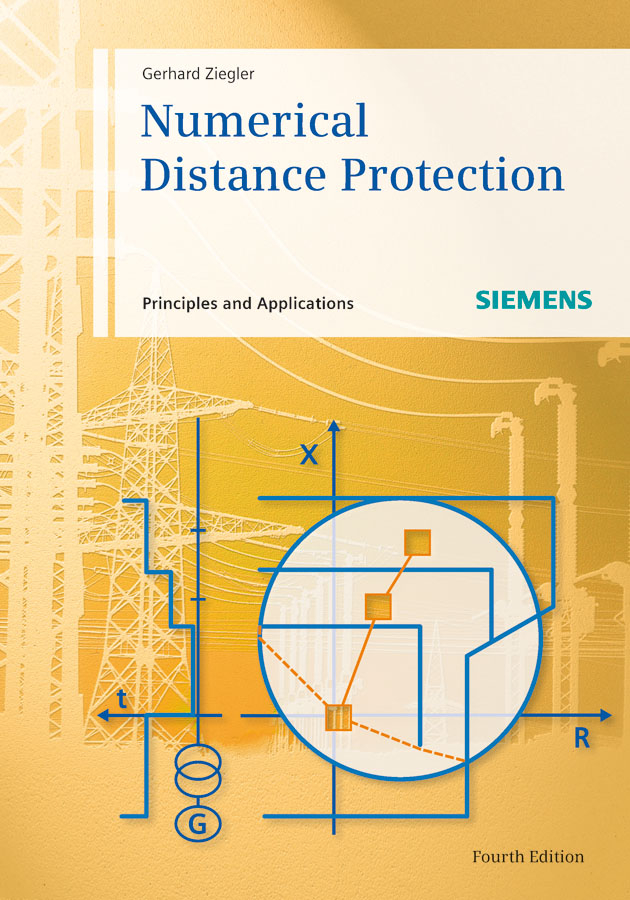
Numerical Distance Protection Distance protection provides the basis for network protection in transmission systems and meshed distribution systems. This book covers the fundamentals of distance protection and the special features of numerical technology. The emphasis is placed on the application of numerical distance relays in distribution and transmission systems. This book is aimed at students and engineers who wish to familiarise themselves with the subject of power system protection, as well as the experienced user, entering the area of numerical distance protection. Furthermore it serves as a reference guide for solving application problems. For this fourth edition all contents, especially the descriptions of numerical protection devices and the very useful appendix have been revised and updated. TECHNOLOGY & ENGINEERING,Electrical
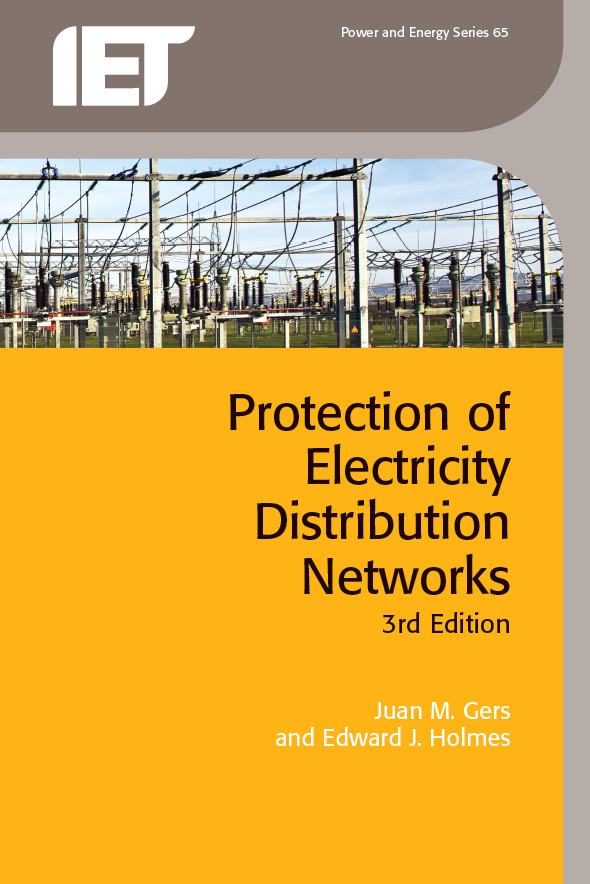
Protection of Electricity Distribution Networks This revised and updated edition introduces references to modern topics such as Distributed Generation, Smart Grid and Standard IEC 61850. TECHNOLOGY & ENGINEERING,Electrical
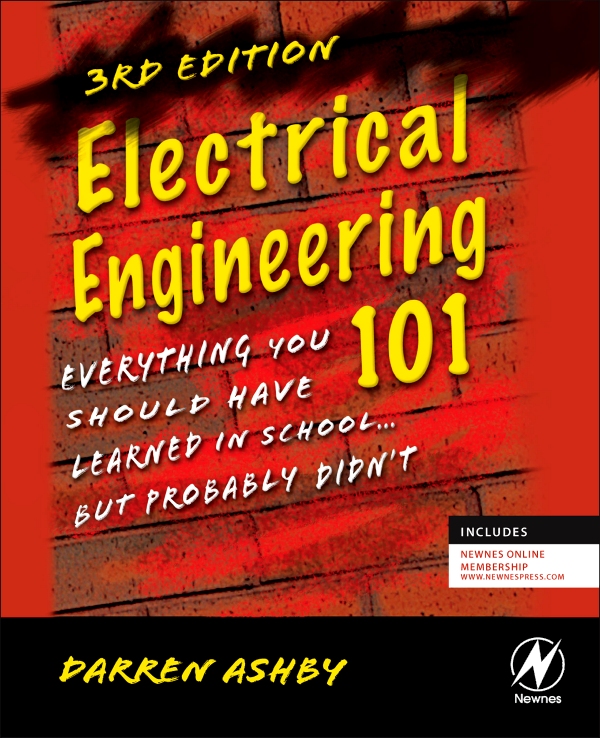
Electrical Engineering 101 Electrical Engineering 101 covers the basic theory and practice of electronics, starting by answering the question "What is electricity?" It goes on to explain the fundamental principles and components, relating them constantly to real-world examples. Sections on tools and troubleshooting give engineers deeper understanding and the know-how to create and maintain their own electronic design projects. Unlike other books that simply describe electronics and provide step-by-step build instructions, EE101 delves into how and why electricity and electronics work, giving the reader the tools to take their electronics education to the next level. It is written in a down-to-earth style and explains jargon, technical terms and schematics as they arise. The author builds a genuine understanding of the fundamentals and shows how they can be applied to a range of engineering problems. This third edition includes more real-world examples and a glossary of formulae. It contains new coverage of: Microcontrollers FPGAs Classes of components Memory (RAM, ROM, etc.) Surface mount High speed design Board layout Advanced digital electronics (e.g. processors) Transistor circuits and circuit design Op-amp and logic circuits Use of test equipment Gives readers a simple explanation of complex concepts, in terms they can understand and relate to everyday life. Updated content throughout and new material on the latest technological advances. Provides readers with an invaluable set of tools and references that they can use in their everyday work. TECHNOLOGY & ENGINEERING,Electrical
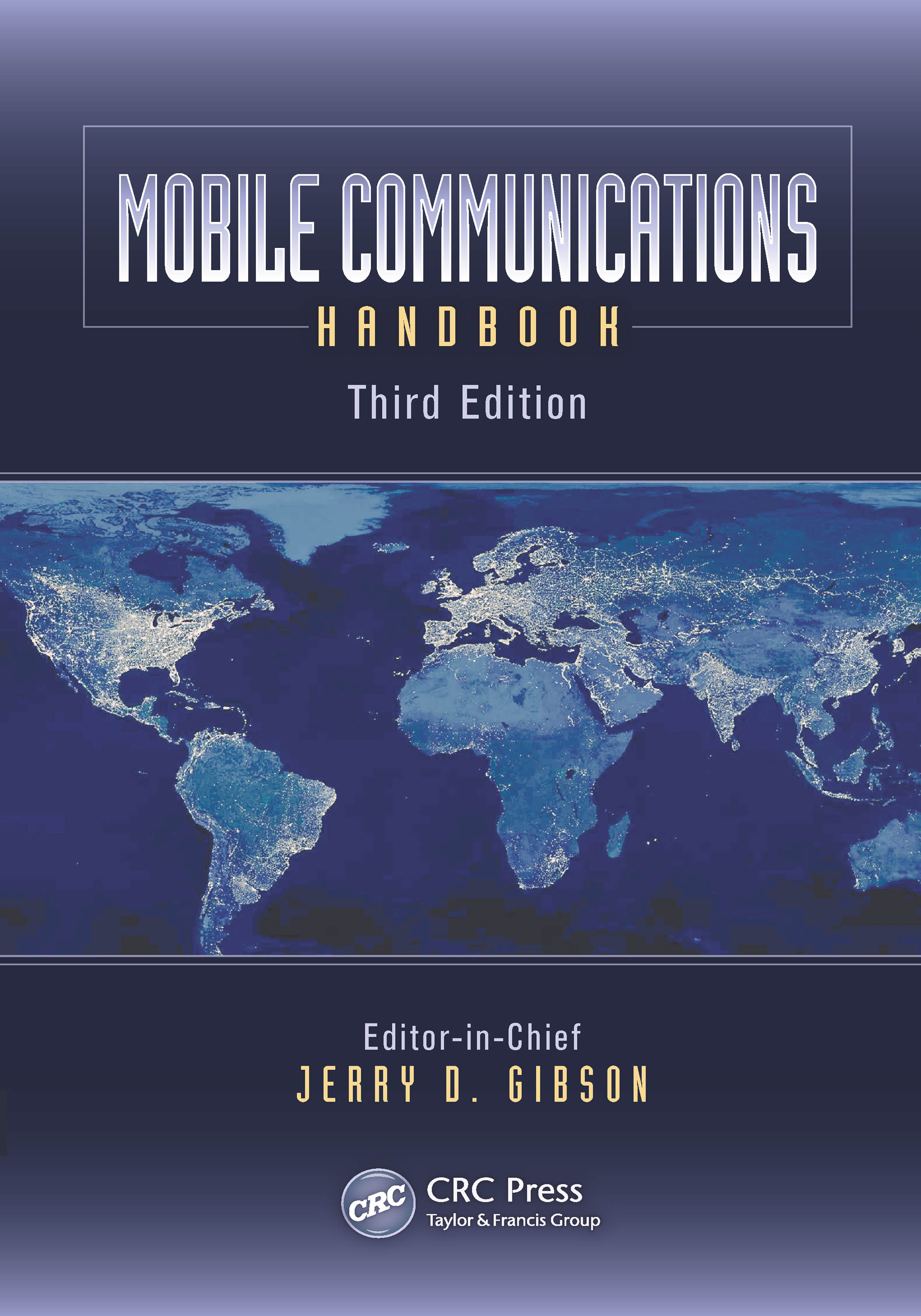
Mobile Communications Handbook With 26 entirely new and 5 extensively revised chapters out of the total of 39, the Mobile Communications Handbook, Third Edition presents an in-depth and up-to-date overview of the full range of wireless and mobile technologies that we rely on every day. This includes, but is not limited to, everything from digital cellular mobile radio and evolving personal communication systems to wireless data and wireless networks Illustrating the extraordinary evolution of wireless communications and networks in the last 15 years, this book is divided into five sections: Basic Principles provides the essential underpinnings for the wide-ranging mobile communication technologies currently in use throughout the world. Wireless Standards contains technical details of the standards we use every day, as well as insights into their development. Source Compression and Quality Assessment covers the compression techniques used to represent voice and video for transmission over mobile communications systems as well as how the delivered voice and video quality are assessed. Wireless Networks examines the wide range of current and developing wireless networks and wireless methodologies. Emerging Applications explores newly developed areas of vehicular communications and 60 GHz wireless communications. Written by experts from industry and academia, this book provides a succinct overview of each topic, quickly bringing the reader up to date, but with sufficient detail and references to enable deeper investigations. Providing much more than a "just the facts" presentation, contributors use their experience in the field to provide insights into how each topic has emerged and to point toward forthcoming developments in mobile communications. TECHNOLOGY & ENGINEERING,Electrical
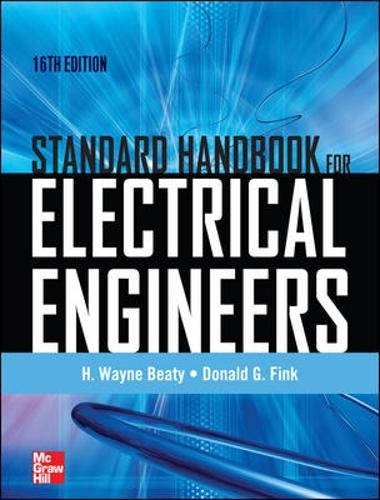
Standard Handbook for Electrical Engineers Sixteenth Edition THE MOST COMPLETE AND CURRENT GUIDE TO ELECTRICAL ENGINEERING For more than a century, the Standard Handbook for Electrical Engineers has served as the definitive source for all the pertinent electrical engineering data essential to both engineering students and practicing engineers. It offers comprehensive information on the generation, transmission, distribution, control, operation, and application of electric power. Completely revised throughout to address the latest codes and standards, the 16th Edition of this renowned reference offers new coverage of green technologies such as smart grids, smart meters, renewable energy, and cogeneration plants. Modern computer applications and methods for securing computer network infrastructures that control power grids are also discussed. Featuring hundreds of detailed illustrations and contributions from more than 75 global experts, this state-of-the-art volume is an essential tool for every electrical engineer. Standard Handbook for Electrical Engineers, 16th Edition, covers: Units, symbols, constants, definitions, and conversion factors * Electric and magnetic circuits * Measurements and instruments * Properties of materials * Generation * Prime movers * Alternating-current generators * Direct-current generators * Hydroelectric power generation * Power system components * Alternate sources of power * Electric power system economics * Project economics * Transmission systems * High-voltage direct-current power transmission * Power system operations * Substations * Power distribution * Wiring design for commercial and industrial buildings * Motors and drives * Industrial and commercial applications of electric power * Power electronics * Power quality and reliability * Grounding systems * Computer applications in the electric power industry * Illumination * Lightning and overvoltage protection * Standards in electrotechnology, telecommunications, and information technology TECHNOLOGY & ENGINEERING,Electrical
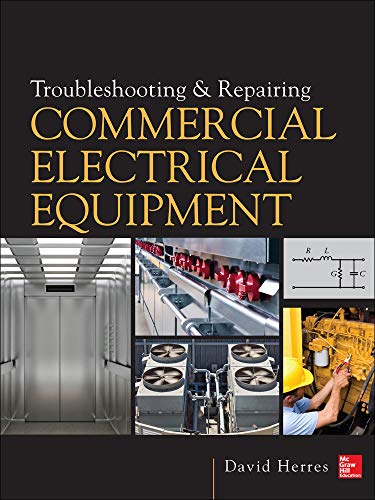
Troubleshooting and Repairing Commercial Electrical Equipment A PRACTICAL GUIDE that shows maintenance and construction electricians how to successfully repair commercial and industrial electrical equipment Troubleshooting and Repairing Commercial Electrical Equipment is the first work that offers a practical approach to diagnosing and repairing commercial/industrial electrical equipment – covering everything from motors, computers, elevators, and fire alarm systems to heavy-duty ovens and audio equipment. If you are a licensed construction or maintenance electrician who repairs malfunctioning industrial electrical equipment, this one-of-a-kind guide can help you become more competent in your profession. Inside you'll find ways to become faster, more efficient, and able to achieve a much higher success rate in restoring large electrical equipment without damaging it, introducing an additional defect, or creating a hazard. This invaluable resource also includes information for those seeking licensing and certification, as well as different measures that should be taken to ensure that a UL or other agency listing is not voided. Presents a new system of diagnostics based on the difficulty of each procedure and the probability of its success Emphasizes a practical approach to ensure that equipment is fixed properly Uses a blend of basic electrical theory and sophisticated mathematical equations that both experienced technicians and apprentices can learn from Includes separate chapters on elevators, fire alarm systems, motors, largescale stereo equipment, and industrial appliances Discusses related licensing and certification as they pertain to troubleshooting and repair Written by a Master Electrician with more than 35 years of experience TECHNOLOGY & ENGINEERING,Electrical
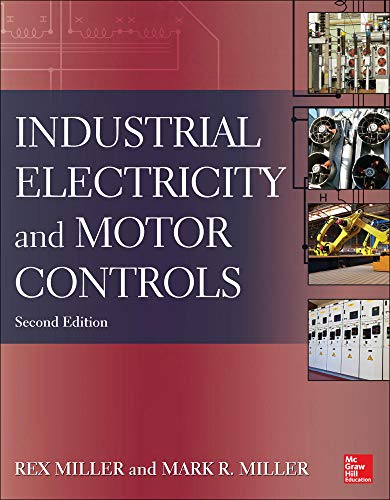
Industrial Electricity and Motor Controls, Second Edition The most complete, up-to-date guide to industrial electricity This practical resource offers comprehensive coverage of the entire electrical field and its equipment, including troubleshooting and repair. You'll learn how to read and interpret schematics and drawings and safely work with all electrical components and systems on the jobsite. The Second Edition features a new chapter on robotics, a new 16-page color insert, and information on the latest codes, regulations, and devices. Filled with more than 650 photos and diagrams, study questions, review problems, and detailed answers, this career-building tool helps you enhance your electrical and electronics expertise and apply it effectively in the workplace. Industrial Electricity and Motor Controls, Second Edition covers: Tools and equipment Safety in the workplace Symbols used in electrical wiring diagrams and ladder diagrams Control circuits and diagrams Switches Magnetism and solenoids Relays Electric motors Timers and sensors Solenoids and valves Motor starting methods Solid-state reduced-voltage starters Speed control and monitoring Motor control and protection Three-phase controllers Drives Transformers Power generation Power distribution systems Programmable controllers Robotics Careers in electricity TECHNOLOGY & ENGINEERING,Electrical
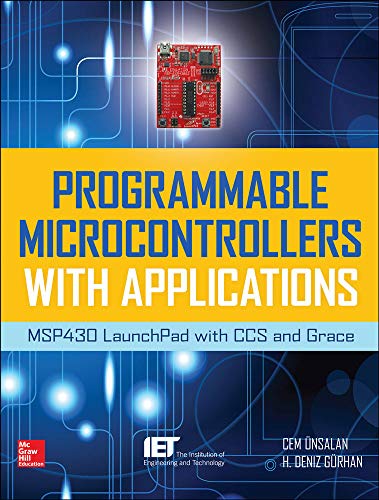
Programmable Microcontrollers with Applications MASTER THE MSP430 MICROCONTROLLER AND DEVELOPMENT PLATFORM Expand your electronics design skills to include the MSP430 family of ultra-low-power microprocessors with help from this practical guide. Programmable Microcontrollers with Applications: MSP430 LaunchPad with CCS and Grace thoroughly explains each concept and provides illustrated examples and projects. Find out how to configure the MSP430, efficiently program custom functions, process analog and digital signals, and interface with external components. Sample code and reference information are available on the companion website. COVERAGE INCLUDES: * Digital circuit and microcontroller fundamentals * MSP430 architecture and CCS development environment * LaunchPad platform and Grace configuration tool * C and Assembly language programming and debugging * Interrupts, digital I/O, and D/A and A/D converters * Data storage and coding practices for flash memory * Oscillators, clocks, low-power modes, and timers * Digital and analog communication ports and protocols * Schematics and assembly instructions for 12 projects TECHNOLOGY & ENGINEERING,Electrical
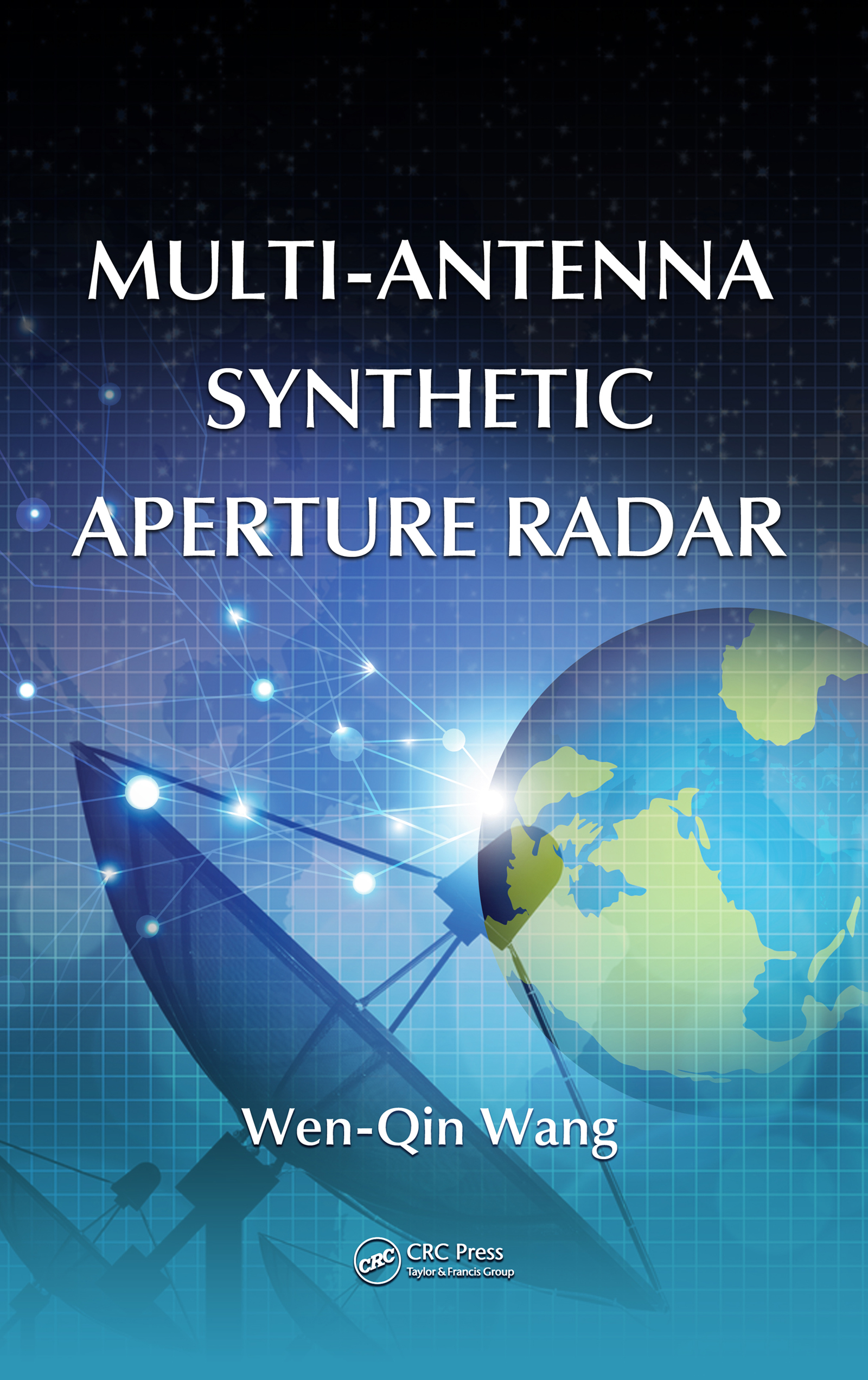
Multi-Antenna Synthetic Aperture Radar Synthetic aperture radar (SAR) is a well-known remote sensing technique, but conventional single-antenna SAR is inherently limited by the minimum antenna area constraint. Although there are still technical issues to overcome, multi-antenna SAR offers many benefits, from improved system gain to increased degrees-of-freedom and system flexibility. Multi-Antenna Synthetic Aperture Radar explores the potential and challenges of using multi-antenna SAR in microwave remote sensing applications. These applications include high-resolution imaging, wide-swath remote sensing, ground moving target indication, and 3-D imaging. The book pays particular attention to the signal processing aspects of various multi-antenna SAR from a top-level system perspective. Explore Recent Extensions of Synthetic Aperture Radar Systems The backbone of the book is a series of innovative microwave remote sensing approaches developed by the author. Centered around multi-antenna SAR imaging, these approaches address specific challenges and potential problems in future microwave remote sensing. Chapters examine single-input multiple-output (SIMO) multi-antenna SAR, including azimuth and elevation multi-antenna SAR, and multiple-input multiple-output (MIMO) SAR. The book details the corresponding system scheme, signal models, time/phase/spatial synchronization methods, and high-precision imaging algorithms. It also investigates their potential applications. Introductory Tutorials and Novel Approaches in Multi-Antenna SAR Imaging Rigorous and self-contained, this is a unique reference for researchers and industry professionals working with microwave remote sensing, SAR imaging, and radar signal processing. In addition to novel approaches, the book also presents tutorials that serve as an introduction to multi-antenna SAR imaging for those who are new to the field. TECHNOLOGY & ENGINEERING,Electrical
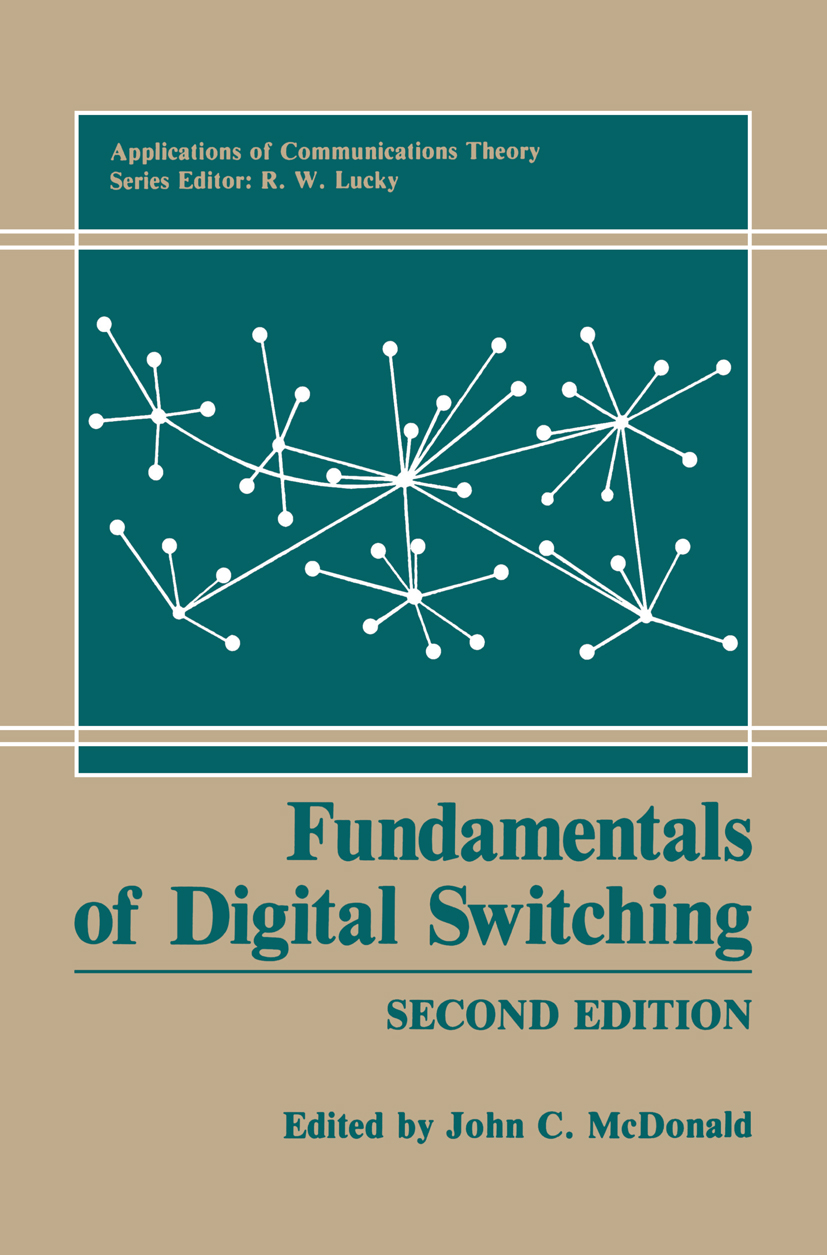
Fundamentals of Digital Switching Since the publication of the first edition of Fundamentals of Digital Switching in 1983, there has been substantial improvement in digital switching technology and in digital networks. Packet switching has advanced from a low-speed data-oriented switching approach into a robust broadband technology which supports services ranging from low-speed data to video. This technology has eclipsed the flexibility of circuit switching. Fiber optic cable has advanced since the first edition and has substantially changed the technology of transmission. to research in optical devices to find a still better means of This success has led switching. Digital switching systems continue to benefit from the 100-fold improvement in the capabilities of semiconductor devices which has occurred during the past decade. The chip industry forecasts a similar escalation in complexity during the next 10 years. Networks of switching systems have changed due to regulatory policy reform in many nations, including the breakup of the Bell System in the United States, the introduction of new types of carriers in Japan, competition in the United Kingdom, and a reexamination of public policy in virtually all nations. Standards bodies have been productive in specifying new capabilities for future networks involving interactive and distributive services through STM and A TM technologies. TECHNOLOGY & ENGINEERING,Electrical
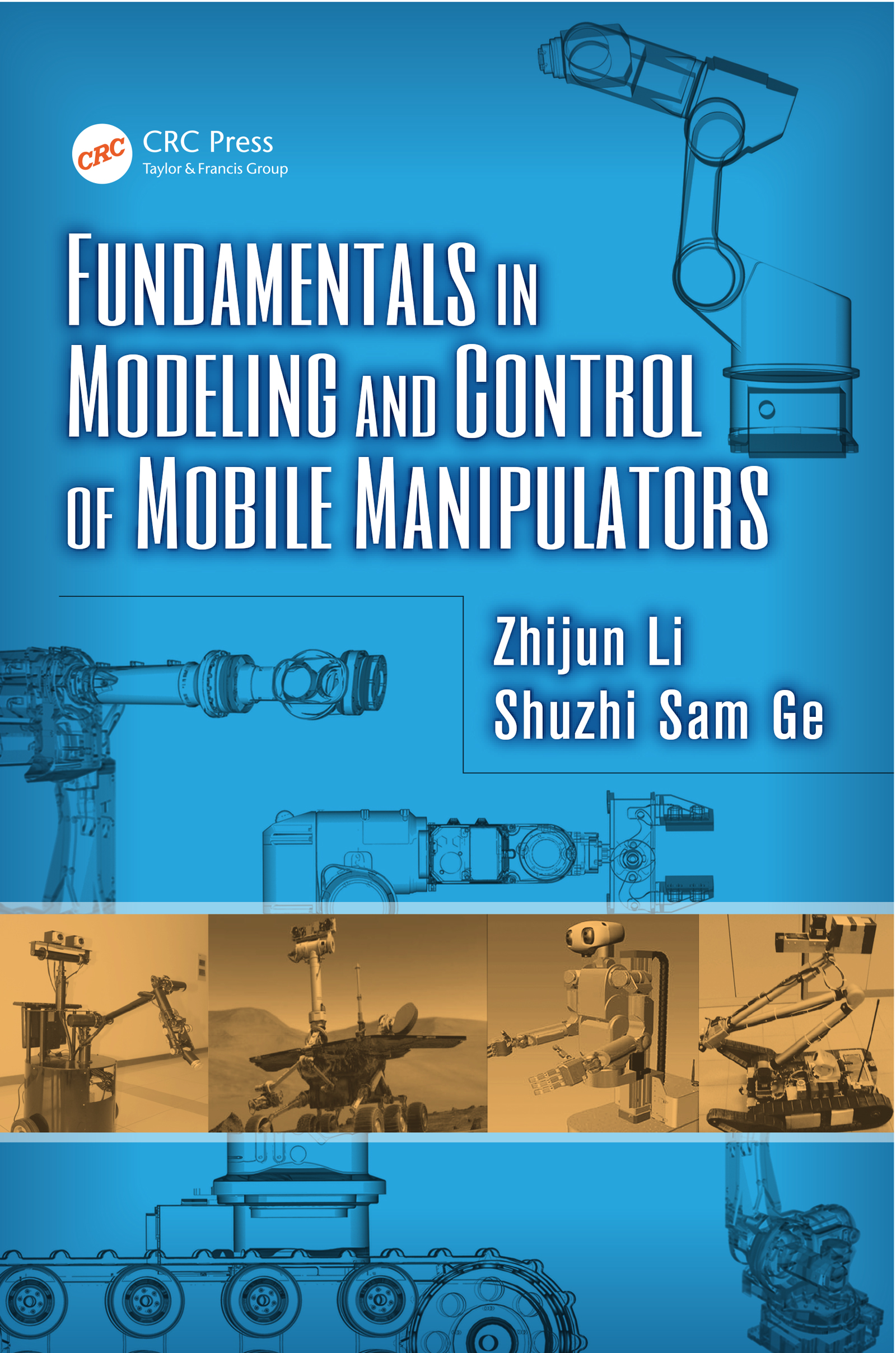
Fundamentals in Modeling and Control of Mobile Manipulators Mobile manipulators combine the advantages of mobile platforms and robotic arms, extending their operational range and functionality to large spaces and remote, demanding, and/or dangerous environments. They also bring complexity and difficulty in dynamic modeling and control system design. However, advances in nonlinear system analysis and control TECHNOLOGY & ENGINEERING,Electrical

Integrated Audio Amplifiers in BCD Technology Integrated Audio Amplifiers in BCD Technology is the first book to describe the design at Audio Amplifiers using a Bipolar CMOS DMOS (BCD) process. It shows how the combination of the 3 processes, made available by advances in process technology, gives rise to the design of more robust and powerful audio amplifiers which can be more easily implemented in digital and mixed-signal circuits. Integrated Audio Amplifiers in BCD Technology starts with an introduction to audio amplifiers which includes a comparison of amplifier classes, general design considerations and a list of specifications for integrated audio power amplifiers. This is followed by an extensive discussion of the properties of DMOS transistors which are the key components in BCD technologies. Then the theory and the design of chargepump circuits is considered. In most BCD technologies only n-type DMOS transistors are available. Therefore a boosted supply voltage is required to achieve rail-to-rail output capability which can be generated with a chargepump. The new solutions that are found can also be used for many applications where DC-DC conversion with low output ripple is needed. Finally the design of audio power amplifier in BCD technology is discussed. The design concentrates on a new quiescent control circuit with very high ratio between quiescent current and maximum output current and on the output stage topologies. The problem of controlling the DMOS output transistors over a wide range of currents either saturated or non saturated requires a completely new design of the driving circuits that utilize of the special properties of the DMOS transistor. Integrated Audio Amplifiers in BCD Technology is essential reading for practising analog design engineers and researchers in the field. It is also suitable as a text for an advanced course on the subject. With a foreword by Ed van Tuijl. TECHNOLOGY & ENGINEERING,Electrical
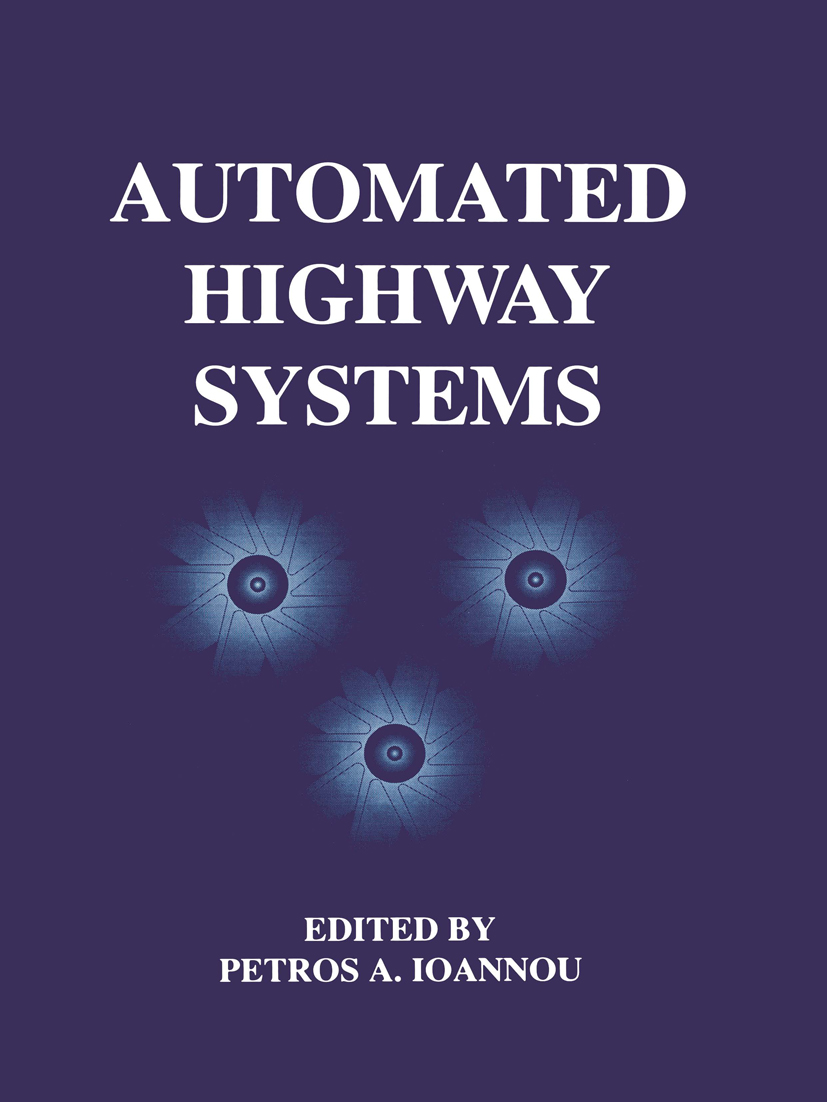
Automated Highway Systems Experts address some of the main issues and uncertainties associated with the design and deployment of Automated Highway Systems (AHS). They discuss new AHS concepts, technology, and benefits, as well as institutional, environmental, and social issues - concerns that will affect dramatically the operation of the current highway system from both the vehicle and infrastructure points of view. TECHNOLOGY & ENGINEERING,Electrical
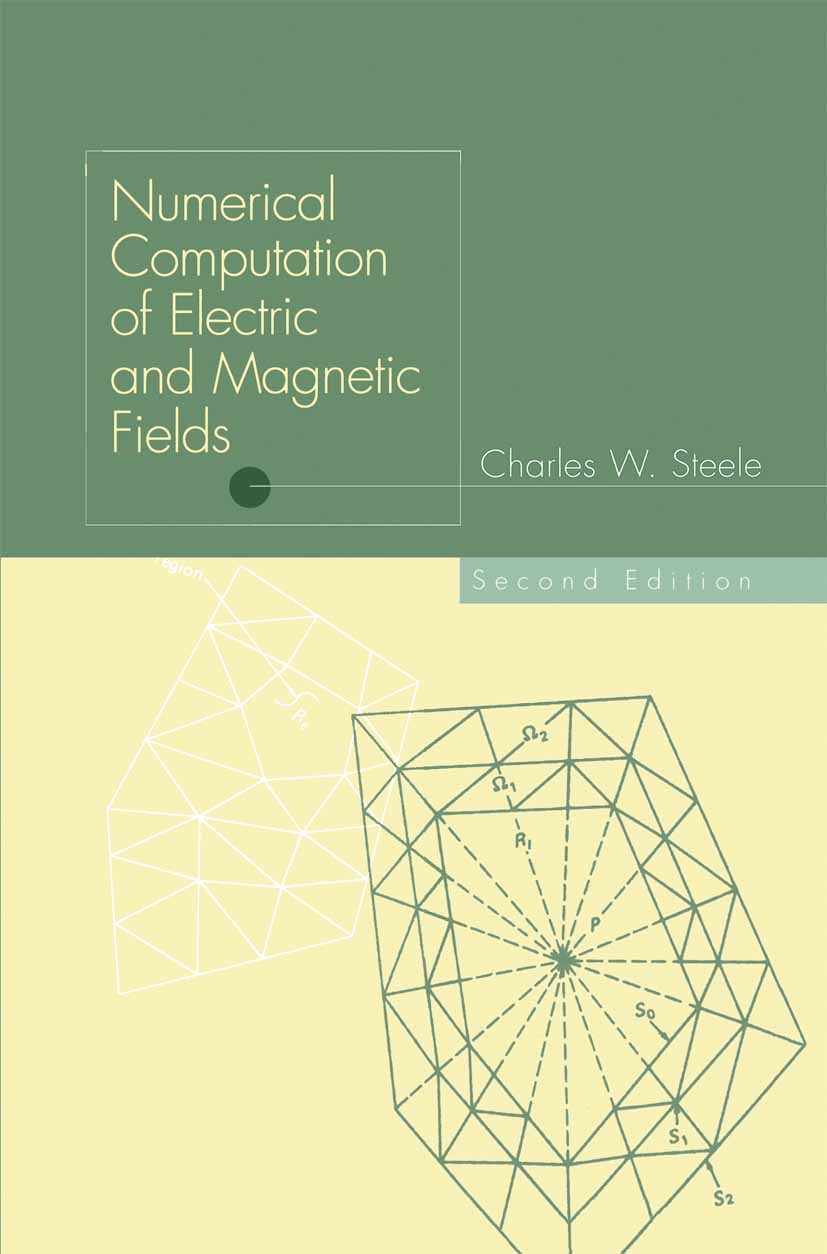
Numerical Computation of Electric and Magnetic Fields Since the first edition of this book was published in 1987, there have been several important changes in the state of numerical field computation, as discussed in the Introduction. These changes have motivated the publication of this second edition. As with the first edition, the objective of this second edition is to give the newcomer to field computation the information needed to perform practical field computations. Again, clarity of presentation is given greater emphasis than a high degree of sophistication or the state of the art. And again, the basic concepts of field computation are presented as well as the commonly used algorithms. Several persons have provided much valuable information for this second edition. I wish to thank Professor Giorgio Molinari of the University of Genoa, Italy for advice regarding adaptive mesh generation; Dr. C. R. E. Emson of Vector Fields, Ltd., England and Dr. John Brauer of McNeal-Schwendler Corp. for their advice on transient eddy current computation; and Dr. Zoltan Cendes of Ansoft Corp. for information about their adaptive mesh generator. Again, I would like to acknowledge the support for this second edition by my wife, Candace. Again, I could not have written this book without her support. TECHNOLOGY & ENGINEERING,Electrical
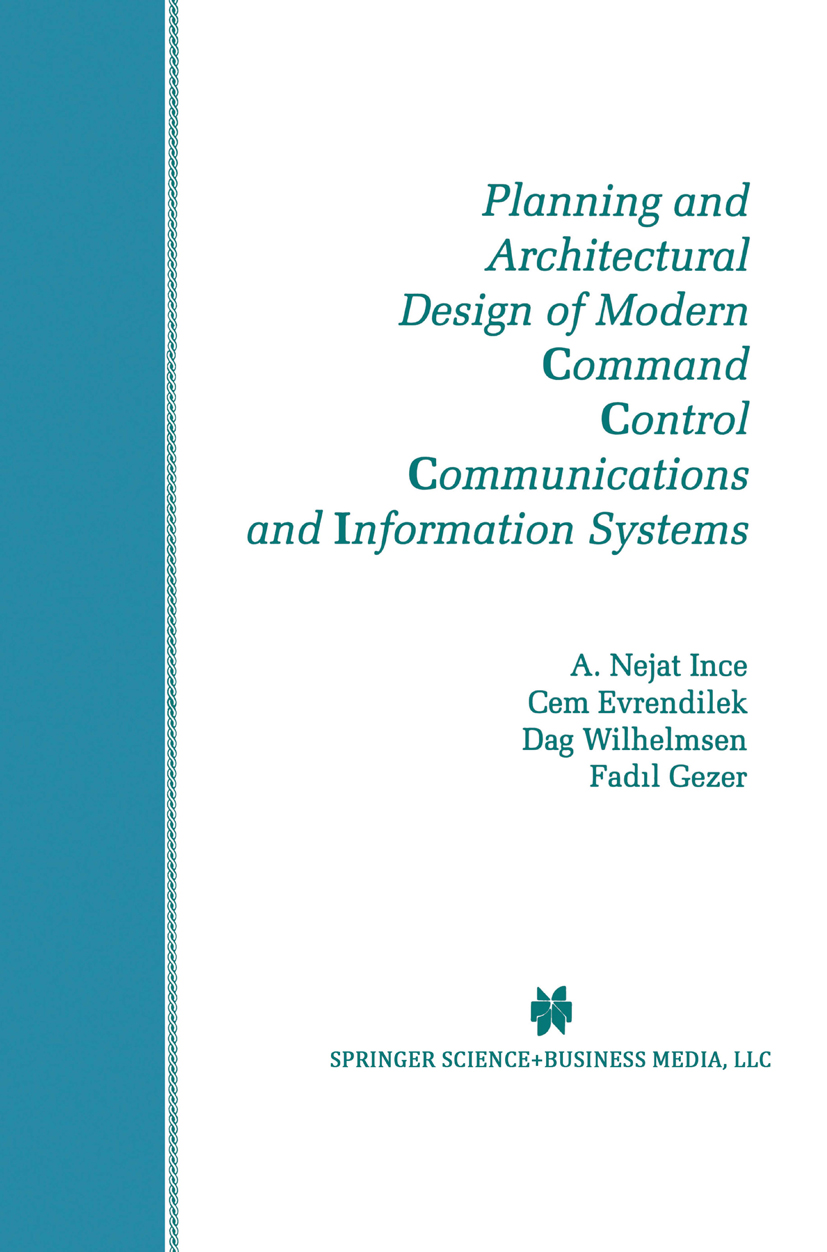
Planning and Architectural Design of Modern Command Control Communications and Information Systems The subject of this book is Command Control Communication and Information 3 (C I) which is the management infrastructure for any large or complex dynamic resource systems. Here command means the determination of what to do, and control means the ongoing managementofthe execution ofa command. 3 Decision making is the essence of C I which is accomplished through a phased implementation of a set of facilities, communications, personnel, equipment and procedures for monitoring, forecasting, planning, directing, allocating resources, and generating options to achieve specific and general objectives. 3 The C I system that is in question here is for a strategic military command including its subordinate commands. Although the design methodology that will be expounded in the book is for a military system, it can, to a large extent, apply also to tactical military as well as to civilian management information systems (MIS). 3 A C I system is a decision making network that reflects a hierarchical organization 3 of C I nodes. Each node is responsible for the management of some portion ofthe available resources, where the higher level nodes are responsible for a 3 correspondingly greater portion of the resources. Within a C I system both command and control decision making occur at every level of the hierarchy. Command decisions at one level determine how to satisfy the management decisions at a higher level. TECHNOLOGY & ENGINEERING,Electrical
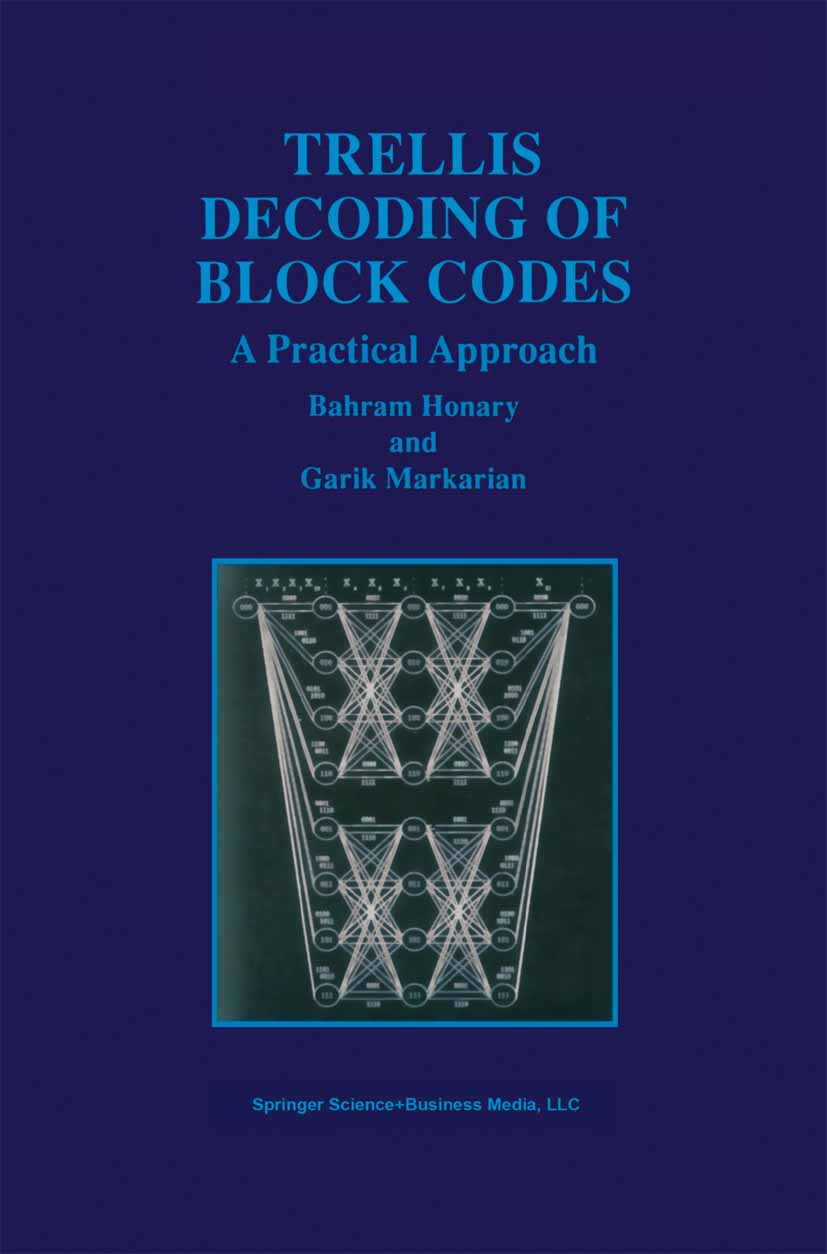
Trellis Decoding of Block Codes It is a great pleasure to be asked to write the Preface for this book on trellis decoding of error correcting block codes. The subject is extremely significant both theoretically and practically, and is very timely because of recent devel opments in the microelectronic implementation and range of application of error-control coding systems based on block codes. The authors have been notably active in signal processing and coding research and development for several years, and therefore very well placed to contribute to the state of the art on the subject of trellis decoding. In particular, the book represents a unique approach to many practical aspects of the topic. As the authors point out, there are two main classes of error control codes: block codes and convolutinal codes. Block codes came first historically and have a well-developed mathematical structure. Convolutional codes come later, and have developed heuristically, though a more formal treatment has emerged via recent developments in the theory of symbolic dynamics. Max imum likelihood (ML) decoding of powerful codes in both these classes is computationally complex in the general case; that is, ML decoding fails into the class of NP-hard computational problems. This arieses because the de coding complexity is an exponential function of key parameters of the code. TECHNOLOGY & ENGINEERING,Electrical

Power Supply Testing Handbook Crandall's Power Supply Testing Handbook comes into the marketplace at an optimum time. Now, more than ever, there is an urgency for a comprehensive handbook on power supply testing that will fulfill the reference needs of the wide variety of professionals testing power supplies, including designers, manufacturers, purchasers, and field service organizations. TECHNOLOGY & ENGINEERING,Electrical
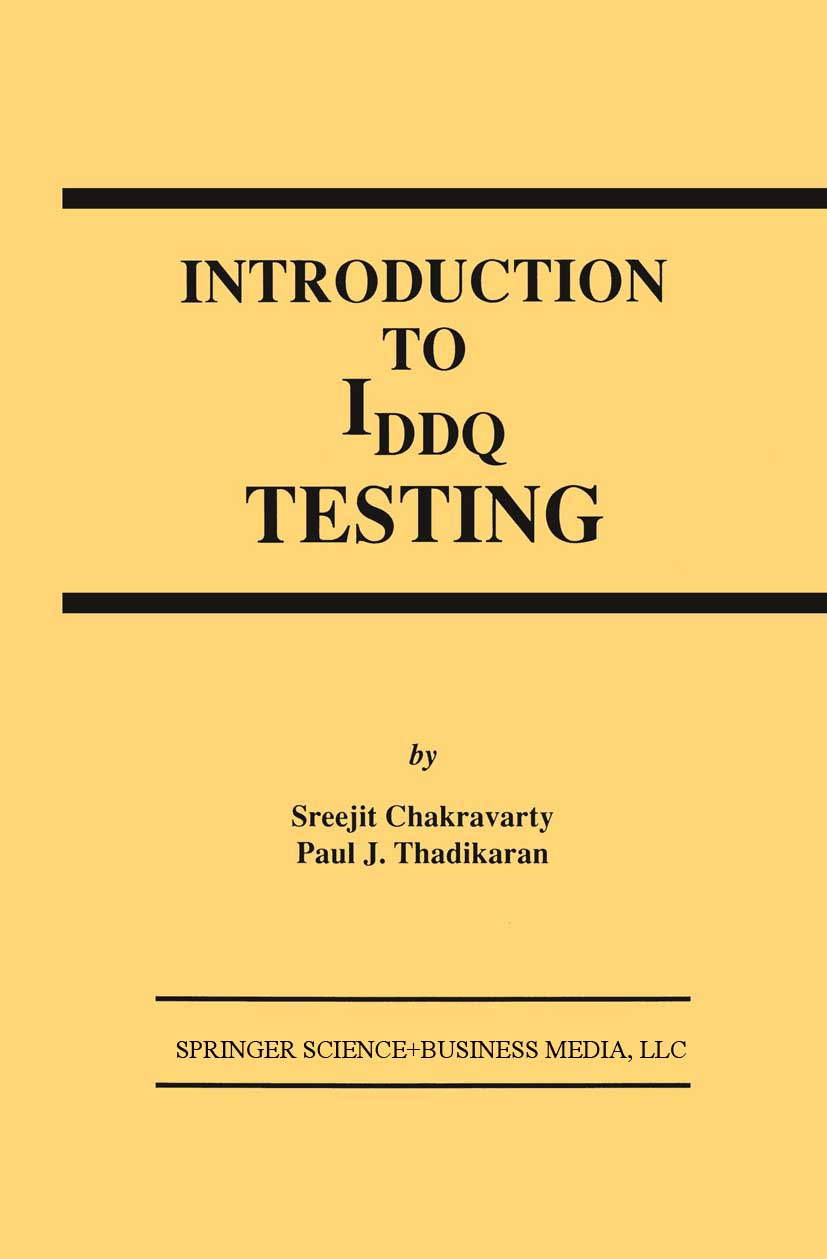
Introduction to IDDQ Testing Testing techniques for VLSI circuits are undergoing many exciting changes. The predominant method for testing digital circuits consists of applying a set of input stimuli to the IC and monitoring the logic levels at primary outputs. If, for one or more inputs, there is a discrepancy between the observed output and the expected output then the IC is declared to be defective. A new approach to testing digital circuits, which has come to be known as IDDQ testing, has been actively researched for the last fifteen years. In IDDQ testing, the steady state supply current, rather than the logic levels at the primary outputs, is monitored. Years of research suggests that IDDQ testing can significantly improve the quality and reliability of fabricated circuits. This has prompted many semiconductor manufacturers to adopt this testing technique, among them Philips Semiconductors, Ford Microelectronics, Intel, Texas Instruments, LSI Logic, Hewlett-Packard, SUN microsystems, Alcatel, and SGS Thomson. This increase in the use of IDDQ testing should be of interest to three groups of individuals associated with the IC business: Product Managers and Test Engineers, CAD Tool Vendors and Circuit Designers. Introduction to IDDQ Testing is designed to educate this community. The authors have summarized in one volume the main findings of more than fifteen years of research in this area. TECHNOLOGY & ENGINEERING,Electrical
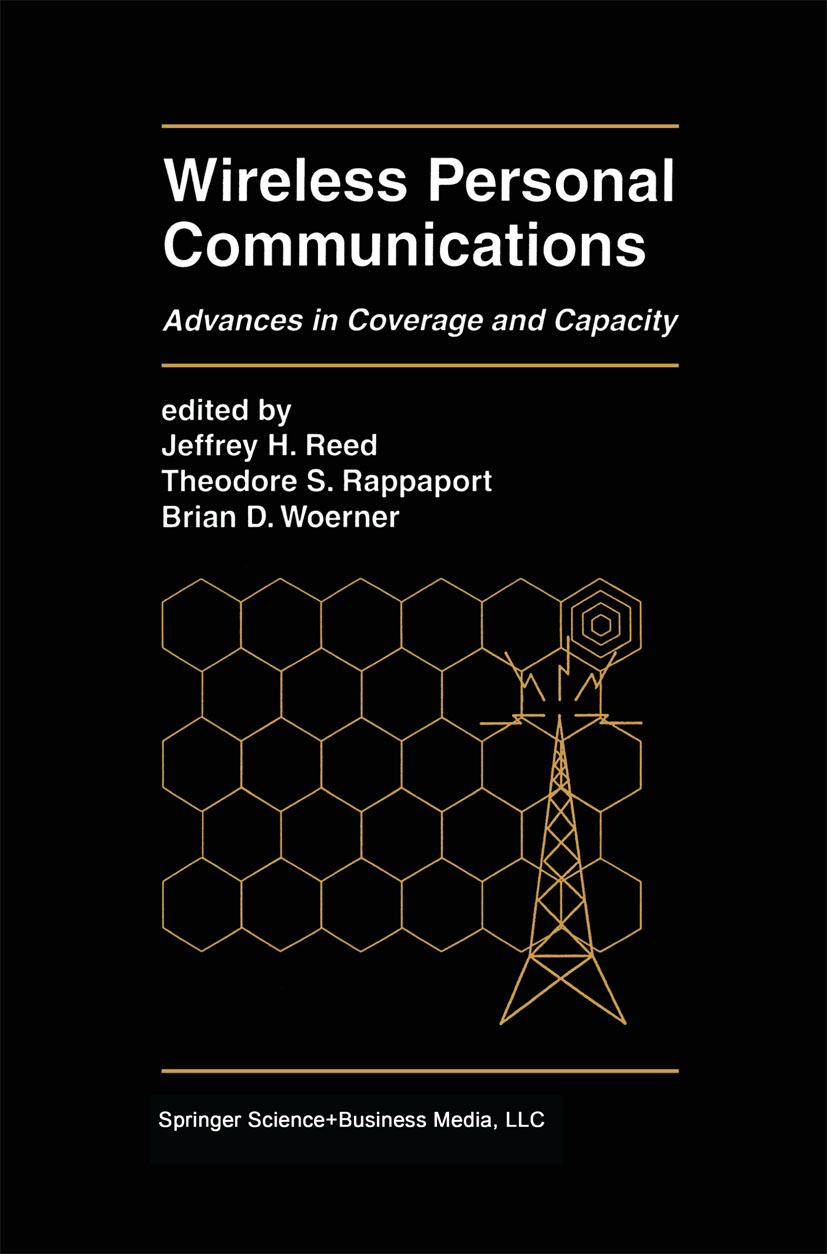
Wireless Personal Communications The wireless industry is growing at a phenomenal rate. Cellular subscribers are increasing at a rate of 45% per year, the market for wireless local loop service is growing at a rate of 42%, and the wireless local area network market is growing at a rate of 61 %. This growth and potential for future growth has motivated companies to commit $20 billion in obtaining 90 MHz of PCS spectrum during the recent FCC auctions in the United States. Obviously spectrum is a costly, but critical, resource. Efficient utilization of this resource is essential for profitable wireless service. To meet this challenge, researchers in wireless communications are tenaciously developing more spectrally efficient modulation techniques, planning tools for efficient communication system layout, and digital signal processing techniques for more robust communications. The papers and lectures presented in this book were originally given at the Sixth Annual Virginia Tech Symposium on Wireless Personal Communications and cover a broad range of topics in wireless communications. The majority of the papers are relevant to creating higher capacity (spectrally efficient) systems with greater coverage. Topics include adaptive antenna array measurements and algorithm comparisons, Cellular Digital Packet Data deployment guidelines, speech coding techniques, wireless system design methodology, and propagation measurements in hostile or previously unexplored channels. TECHNOLOGY & ENGINEERING,Electrical
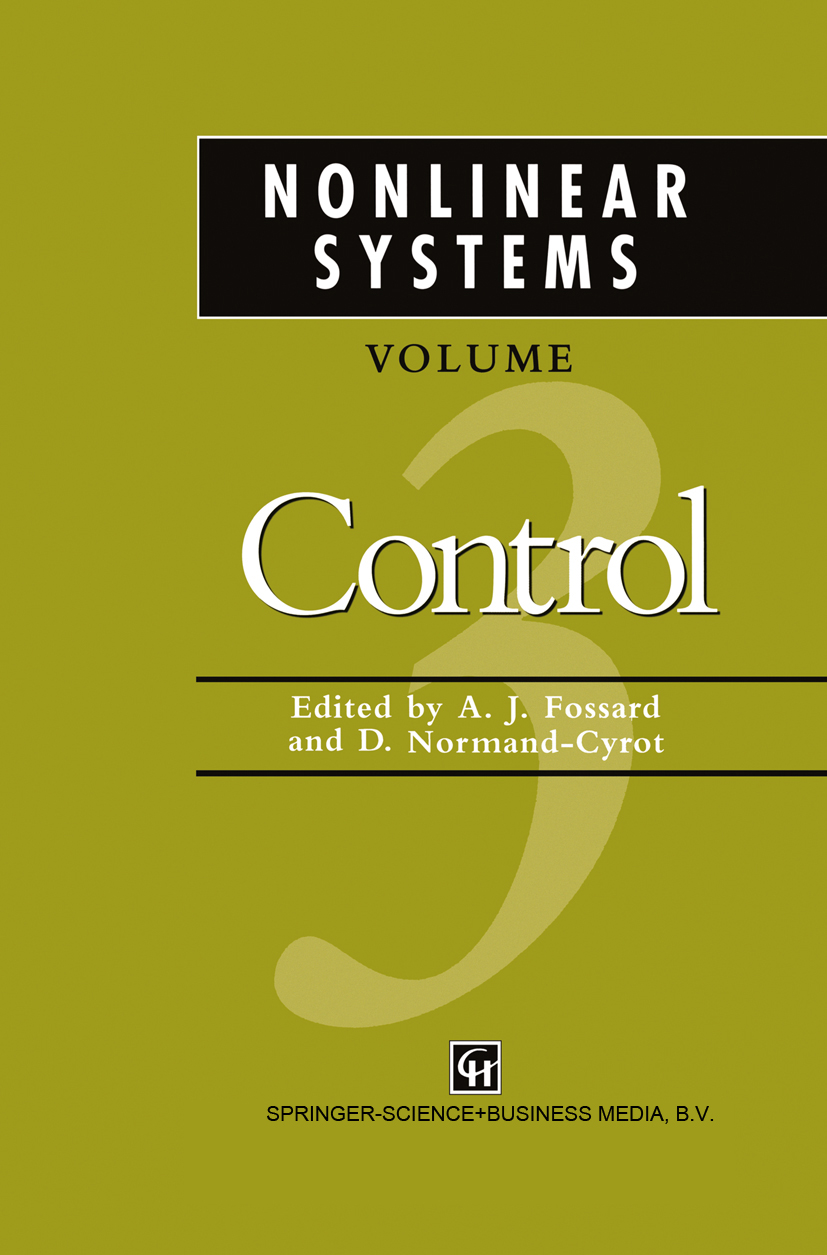
Nonlinear Systems Nonlinear Systems is divided into three volumes. The first deals with modeling and estimation, the second with stability and stabilization and the third with control. This three-volume set provides the most comprehensive and detailed reference available on nonlinear systems. Written by a group of leading experts in the field, drawn from industry, government and academic institutions, it provides a solid theoretical basis on nonlinear control methods as well as practical examples and advice for engineers, teachers and researchers working with nonlinear systems. Each book focuses on the applicability of the concepts introduced and keeps the level of mathematics to a minimum. Simulations and industrial examples drawn from aerospace as well as mechanical, electrical and chemical engineering are given throughout. TECHNOLOGY & ENGINEERING,Electrical
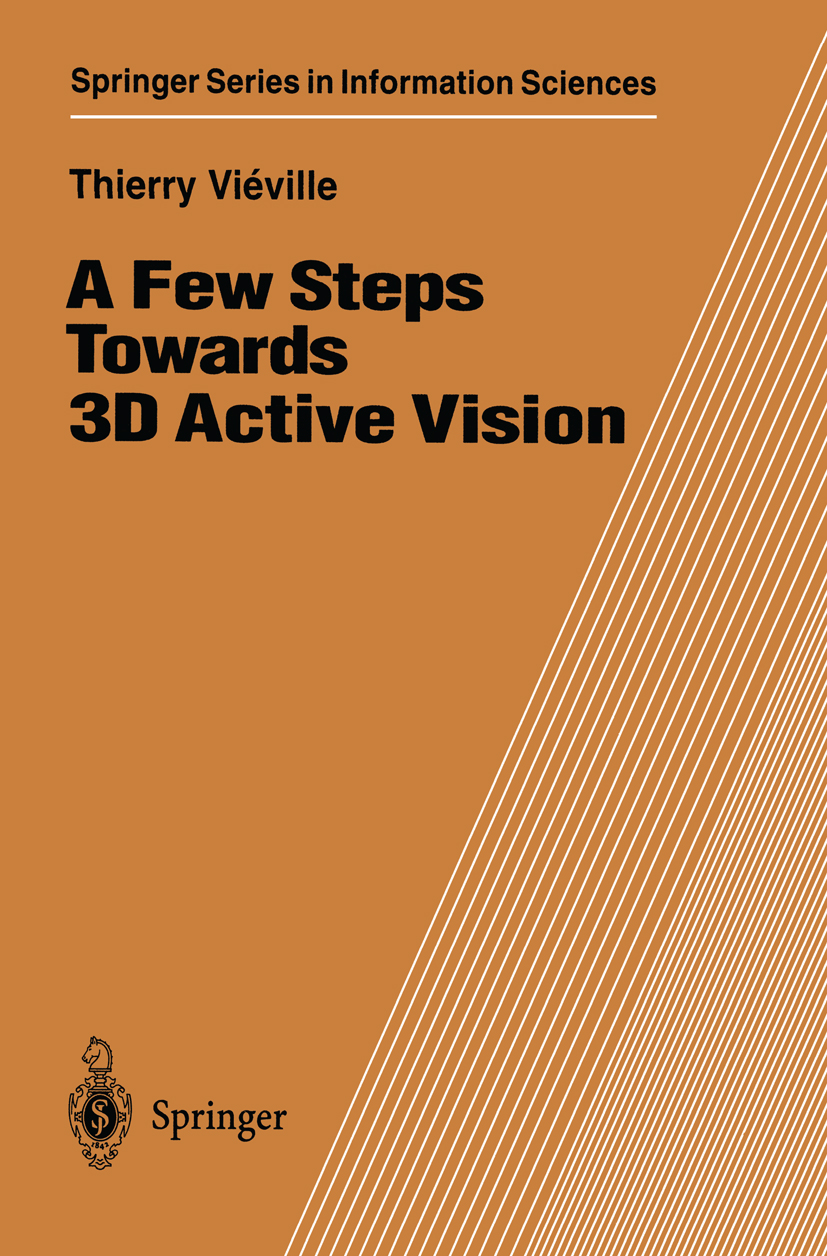
A Few Steps Towards 3D Active Vision T. Viéville: A Few Steps Towards 3D Active Vision appears as Vol. 33 in the Springer Series in Information Sciences. A specific problem in the field of active vision is analyzed, namely how suitable is it to explicitly use 3D visual cues in a reactive visual task? The author has collected a set of studies on this subject and has used these experimental and theoretical developments to propose a synthetic view on the problem, completed by some specific experiments. With this book scientists and graduate students will have a complete set of methods, algorithms, and experiments to introduce 3D visual cues in active visual perception mechanisms, e.g. autocalibration of visual sensors on robotic heads and mobile robots. Analogies with biological visual systems provide an easy introduction to this subject. TECHNOLOGY & ENGINEERING,Electrical

Wireless Communications In Time Division Multiple Access (TDMA), within a given time frame a particular user is allowed to transmit within a given time slot. This technique is used in most of the second-generation digital mobile communication systems. In Europe the system is known as GSM, in USA as DAMPS and in Japan as MPT. In Code Division Multiple Access (CDMA) every user is using a distinct code so that it can occupy the same frequency bandwidth at the same time with other users and still can be separated on the basis of low correlation between the codes. These systems like IS-95 in the USA are also developed and standardized within the second generation of the mobile communication systems. CDMA systems within a cellular network can provide higher capacity and for this reason they become more and more attractive. At this moment it seems that both TDMA and CDMA remain viable candidates for application in future systems. Wireless Communications: TDMA versus CDMA provides enough information for correct understanding of the arguments in favour of one or other multiple access technique. The final decision about which of the two techniques should be employed will depend not only on technical arguments but also on the amount of new investments needed and compatibility with previous systems and their infrastructures. Wireless Communications: TDMA versus CDMA comprises a collection of specially written contributions from the most prominent specialists in wireless communications in the world today and presents the major, up to date, issues in this field. The material is grouped into four chapters: Communication theory, covering coding and modulation, Wireless communications, Antenna & Propagation and Advanced Systems & Technology. The book describes clearly the issues and presents the information in such a way that informed decisions about third generation wireless systems can be taken. It is essential reading for all researchers, engineers and managers working in the field of Wireless Communications. TECHNOLOGY & ENGINEERING,Electrical
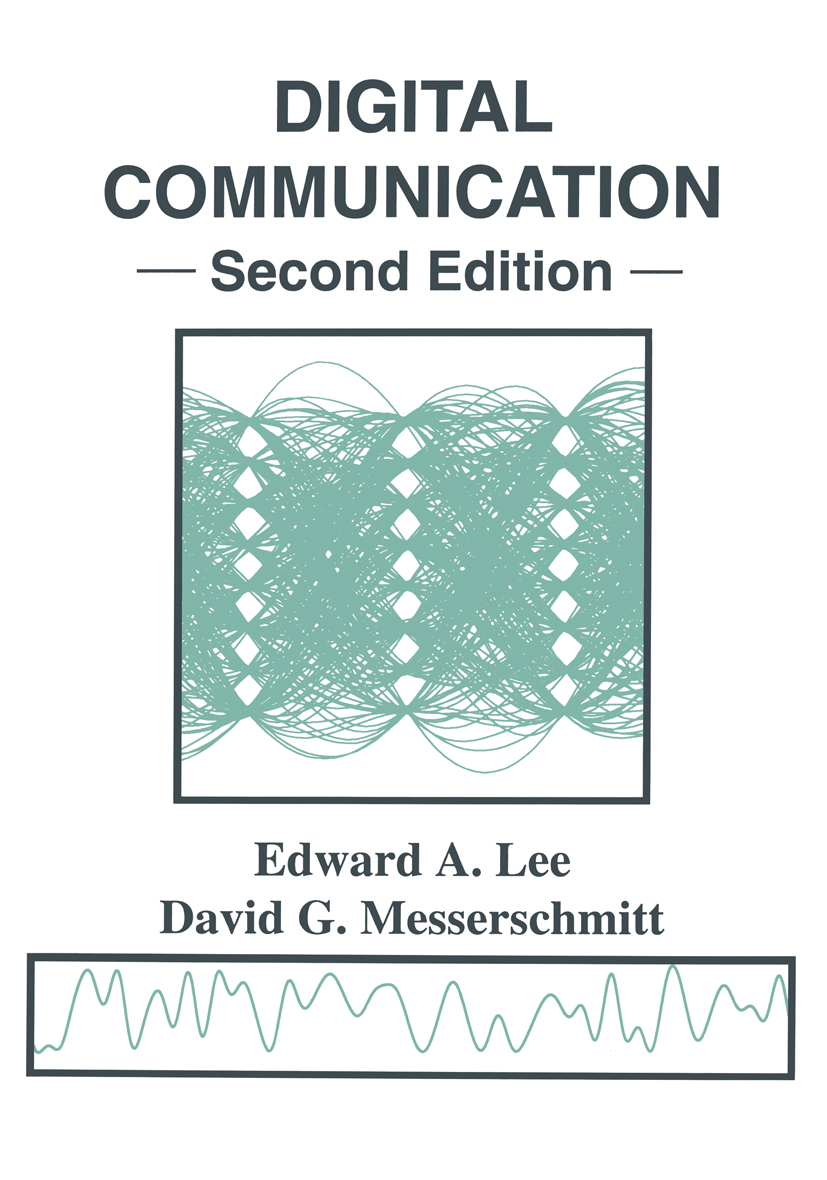
Digital Communication This book concerns digital communication. Specifically, we treat the transport of bit streams from one geographical location to another over various physical media, such as wire pairs, coaxial cable, optical fiber, and radio waves. Further, we cover the mul tiple access and synchronization issues relevant to constructing communication net works that simultaneously transport bit streams from many users. The material in this book is thus directly relevant to the design of a,multitude of digital communication systems, including for example local and metropolitan area data networks, voice and video telephony systems, digital CATV distribution, digital cellular and radio systems, the narrowband and broadband integrated services digital network (ISDN), computer communication systems, voiceband data modems, and satellite communication sys tems. We extract the common principles underlying these and other applications and present them in a unified framework. This book is intended for designers and would-be designers of digital communication systems. To limit the scope to manageable proportions we have had to be selective in the topics covered and in the depth of coverage. In the case of advanced information, coding, and detection theory, for example, we have not tried to duplicate the in-depth coverage of many advanced textbooks, but rather have tried to cover those aspects directly relevant to the design of digital communication systems. TECHNOLOGY & ENGINEERING,Electrical
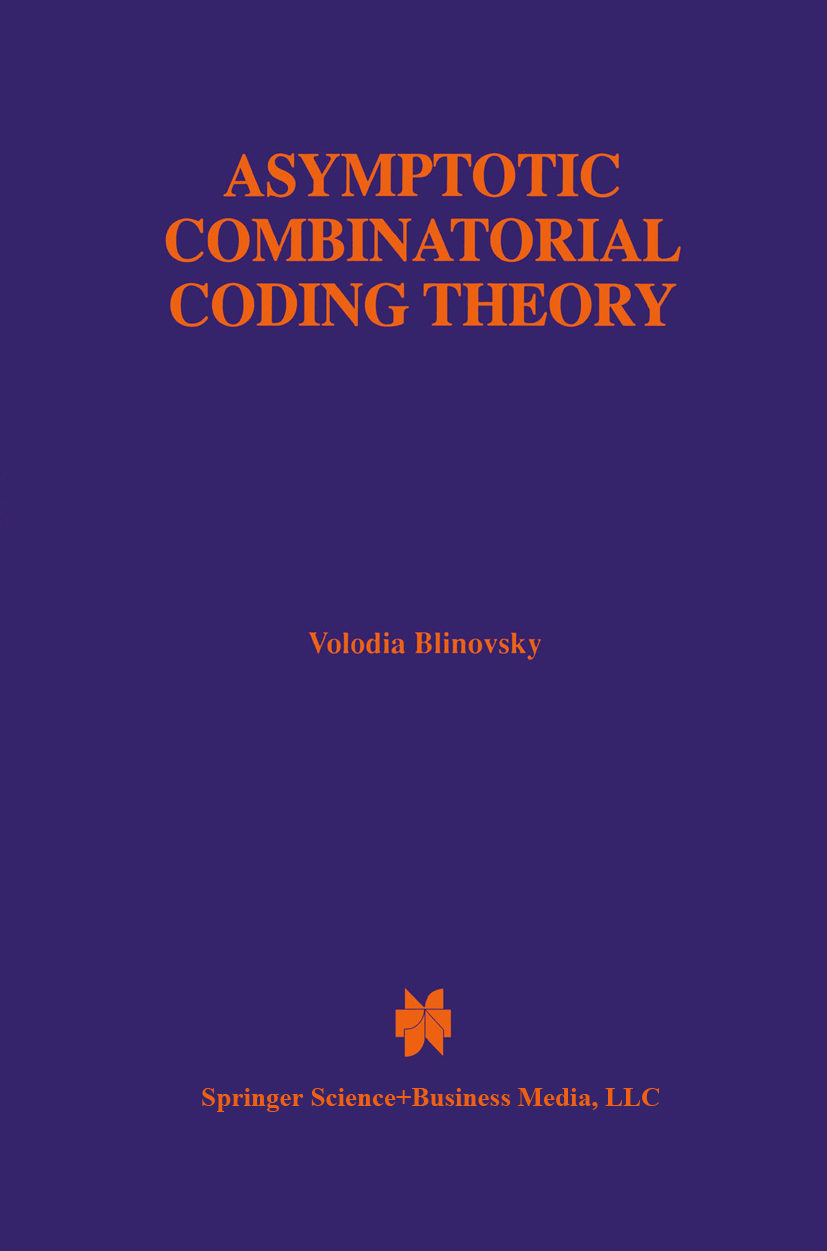
Asymptotic Combinatorial Coding Theory Asymptotic Combinatorial Coding Theory is devoted to the investigation of the combinatorial properties of transmission systems using discrete signals. The book presents results of interest to specialists in combinatorics seeking to apply combinatorial methods to problems of combinatorial coding theory. Asymptotic Combinatorial Coding Theory serves as an excellent reference for resarchers in discrete mathematics, combinatorics, and combinatorial coding theory, and may be used as a text for advanced courses on the subject. TECHNOLOGY & ENGINEERING,Electrical
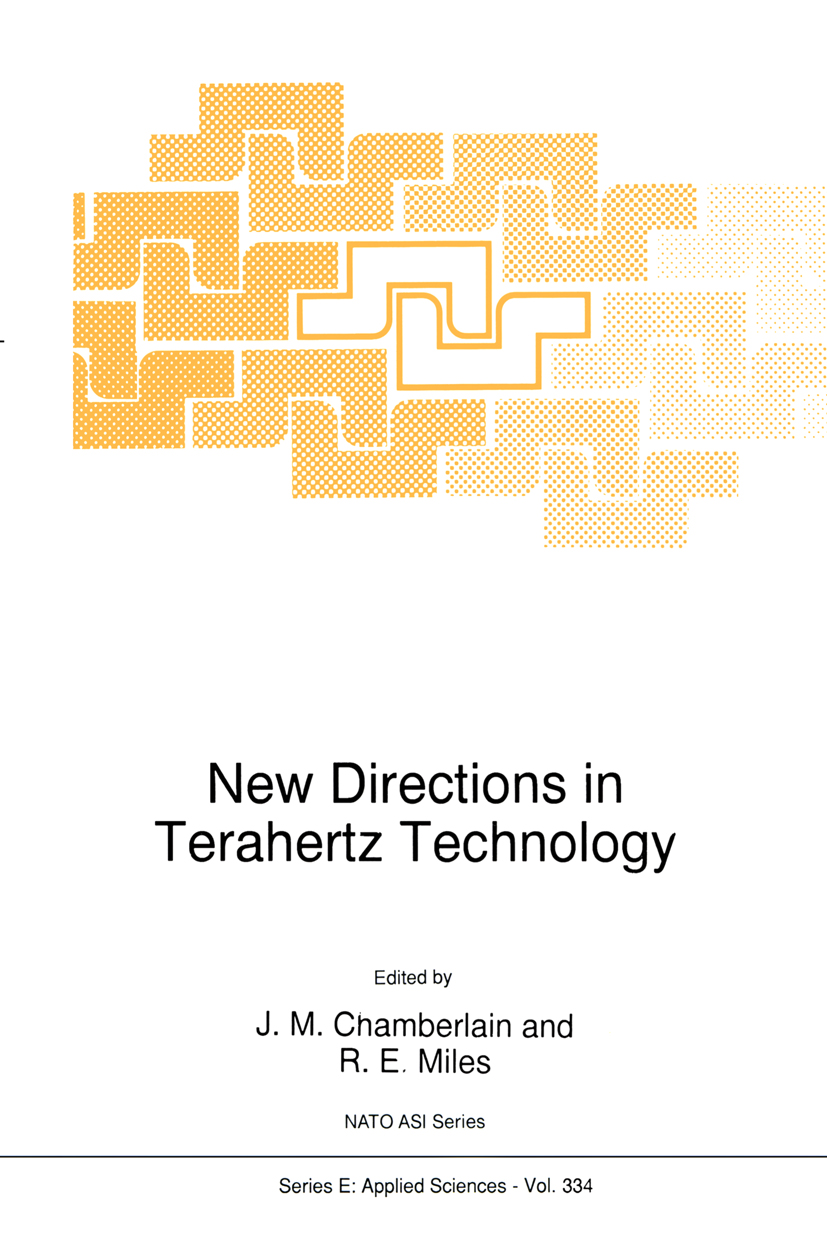
New Directions in Terahertz Technology Proceedings of the NATO Advanced Research Workshop, Château de Bonas, Castéra-Verduzan, France, June 30-July 11, 1996 TECHNOLOGY & ENGINEERING,Electrical
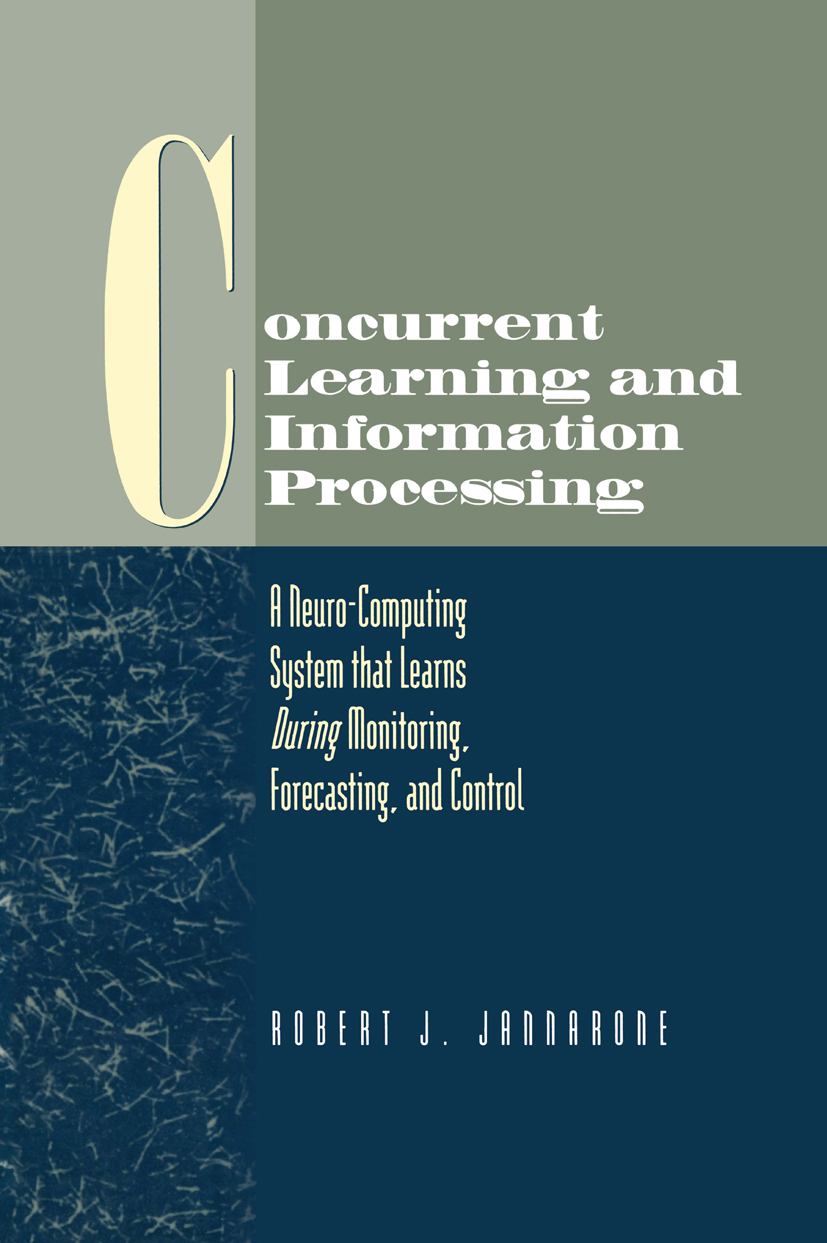
Concurrent Learning and Information Processing Many monitoring, forecasting, and control operations occur in settings where relationships among key measurements must be learned quickly. Examples are on-line industrial processes where influent material is not consistent over time, energy load or price forecasting where demand characteristics change rapidly,and health management where relationships among monitored variables must be learned for each patient-treatment combination. The solution presented is a new neuro-computing system that learns in real-time, even when data arrival rates are several million measurements per second. The book describes benefits and features of the system, statistical foundations for the system, and several related models. The book also describes available system software. TECHNOLOGY & ENGINEERING,Electrical

Smart Sensor Interfaces Smart Sensor Interfaces brings together in one place important contributions and up-to-date research results in this fast moving area. Smart Sensor Interfaces serves as an excellent reference, providing insight into some of the most challenging research issues in the field. TECHNOLOGY & ENGINEERING,Electrical
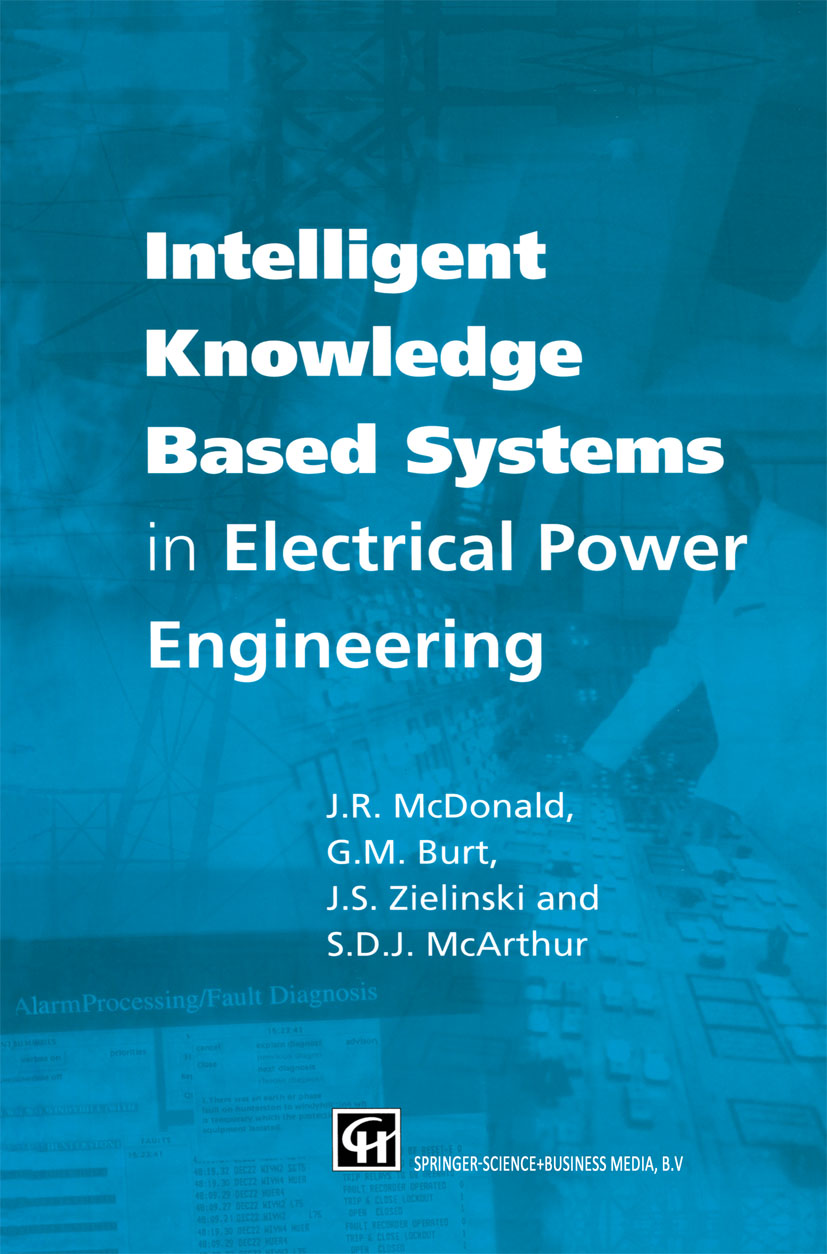
Intelligent knowledge based systems in electrical power engineering Intelligent Knowledge Based Systems in Electrical Power Engineering details how intelligent applications can be used in the power industry. The book gives a general and historical overview of intelligent knowledge based systems (IKBS) and artificial intelligence (AI) and a broad analysis of the application of these techniques in the electrical power industry. It includes chapters on forecasting and planning in power systems, design of electrical plant and systems, IKBS in condition monitoring, alarm processing, event and fault diagnosis and an analysis of future trends in IKBS for power engineering. No previous knowledge of IKBS is assumed, but an appreciation of electrical transmission and distribution systems would be useful. TECHNOLOGY & ENGINEERING,Electrical

VLSI Planarization At the beginning we would like to introduce a refinement. The term 'VLSI planarization' means planarization of a circuit of VLSI, Le. the embedding of a VLSI circuit in the plane by different criteria such as the minimum number of connectors, the minimum total length of connectors, the minimum number of over-the-element routes, etc. A connector is designed to connect the broken sections of a net. It can be implemented in different ways depending on the technology. Connectors for a bipolar VLSI are implemented by diffused tun nels, for instance. By over-the-element route we shall mean a connection which intersects the enclosing rectangle of an element (or a cell). The possibility of the construction such connections during circuit planarization is reflected in element models and can be ensured, for example, by the availability of areas within the rectangles where connections may be routed. VLSI planarization is one of the basic stages (others will be discussed below) of the so called topological (in the mathematical sense) approach to VLSI design. This approach does not lie in the direction of the classical approach to automation of VLSI layout design. In the classical approach to computer aided design the placement and routing problems are solved successively. The topological approach, in contrast, allows one to solve both problems at the same time. This is achieved by constructing a planar embedding of a circuit and obtaining the proper VLSI layout on the basis of it. TECHNOLOGY & ENGINEERING,Electrical

Principles of Mobile Communication Principles of Mobile Communication provides an authoritative treatment of the fundamentals of mobile communications, one of the fastest growing areas of the modern telecommunications industry. The book stresses the fundamentals of mobile communications engineering that are important for the design of any mobile system. Less emphasis is placed on the description of existing and proposed wireless standards. This focus on fundamental issues should be of benefit not only to students taking formal instruction but also to practising engineers who are likely to already have a detailed familiarity with the standards and are seeking to deepen their knowledge of this important field. The book stresses mathematical modeling and analysis, rather than providing a qualitative overview. It has been specifically developed as a textbook for graduate level instruction and a reference book for practising engineers and those seeking to pursue research in the area. The book contains sufficient background material for the novice, yet enough advanced material for a sequence of graduate level courses. Principles of Mobile Communication treats a variety of contemporary issues, many of which have been treated before only in the journals. Some material in the book has never appeared before in the literature. The book provides an up-to-date treatment of the subject area at a level of detail that is not available in other books. Also, the book is unique in that the whole range of topics covered is not presently available in any other book. Throughout the book, detailed derivations are provided and extensive references to the literature are made. This is of value to the reader wishing to gain detailed knowledge of a particular topic. TECHNOLOGY & ENGINEERING,Electrical
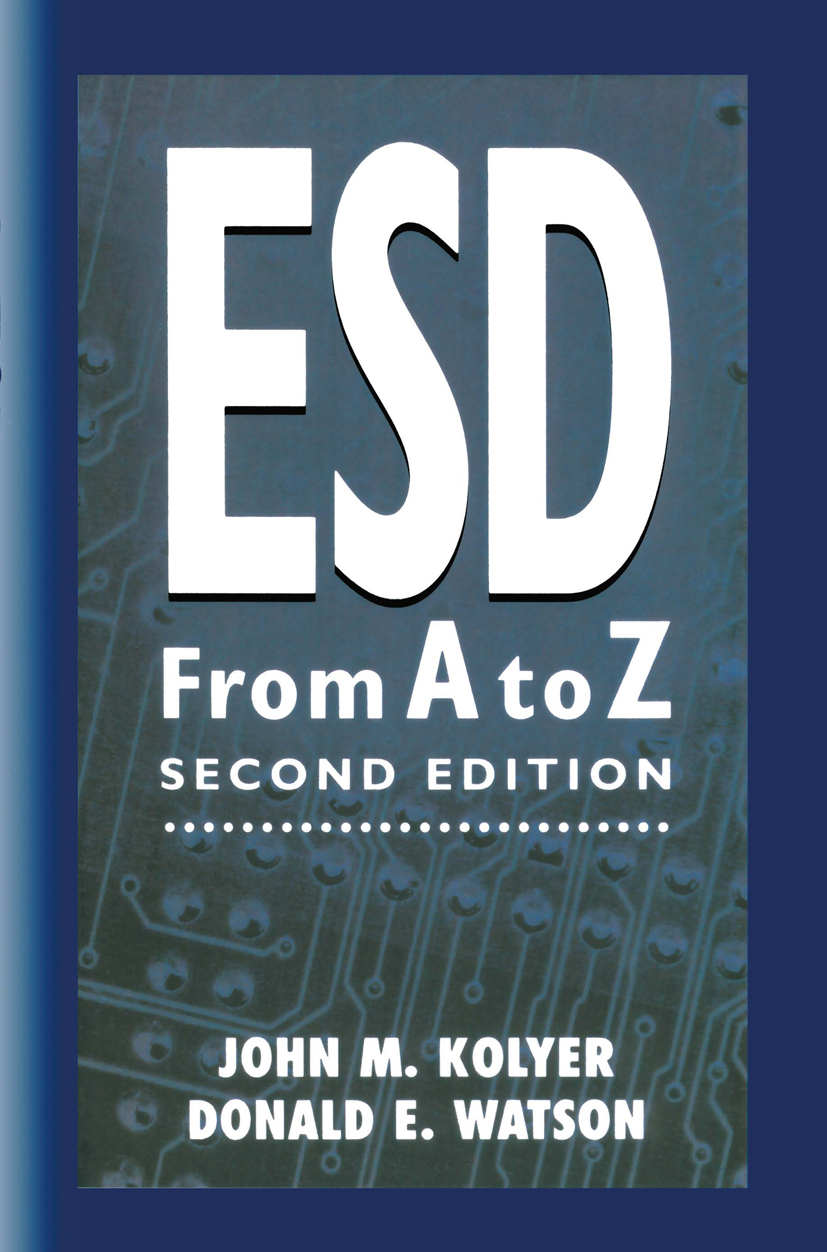
ESD from A to Z Existing sections in ESD Frim A to Z have been thoroughly revised and updated. New examples have been added to the troubleshooting chapter; and new versions of model specifications for ESD-safe handling and packaging can be found in the specifications chapter. The Appendix now includes ten recently published papers (making a total of 20) whose topics span the field of ESD control. TECHNOLOGY & ENGINEERING,Electrical
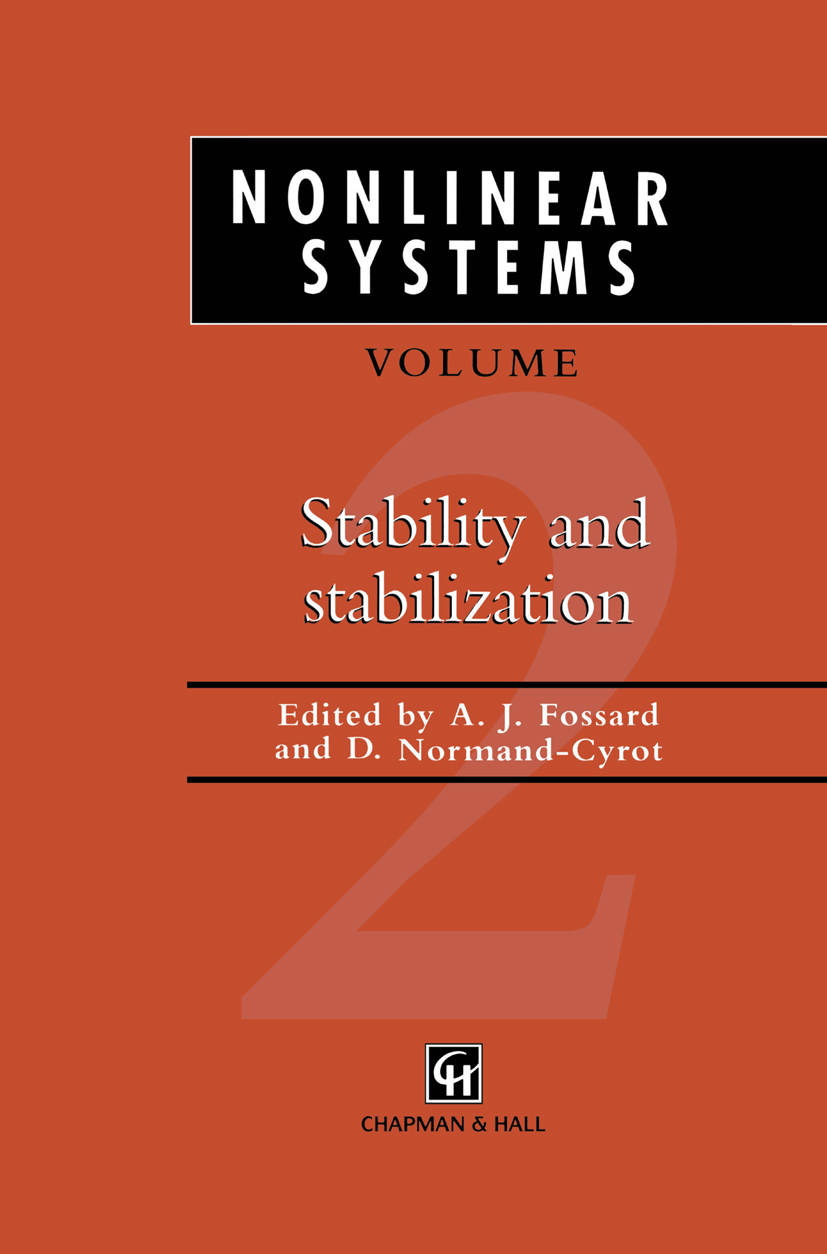
Nonlinear Systems Nonlinear Systems is divided into three volumes. The first deals with modeling and estimation, the second with stability and stabilization and the third with control. This three-volume set provides the most comprehensive and detailed reference available on nonlinear systems. Written by a group of leading experts in the field, drawn from industry, government and academic institutions, it provides a solid theoretical basis on nonlinear control methods as well as practical examples and advice for engineers, teachers and researchers working with nonlinear systems. Each book focuses on the applicability of the concepts introduced and keeps the level of mathematics to a minimum. Simulations and industrial examples drawn from aerospace as well as mechanical, electrical and chemical engineering are given throughout. TECHNOLOGY & ENGINEERING,Electrical
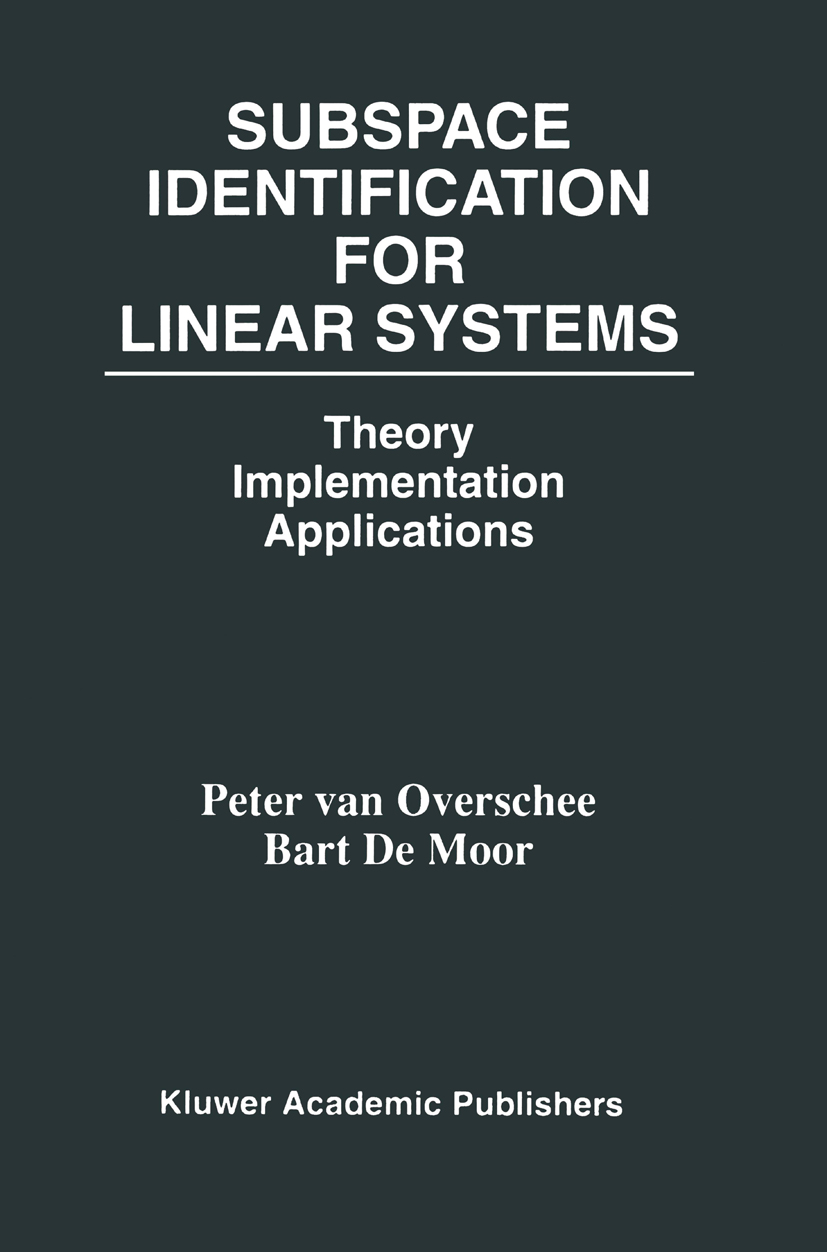
Subspace Identification for Linear Systems Subspace Identification for Linear Systems focuses on the theory, implementation and applications of subspace identification algorithms for linear time-invariant finite- dimensional dynamical systems. These algorithms allow for a fast, straightforward and accurate determination of linear multivariable models from measured input-output data. The theory of subspace identification algorithms is presented in detail. Several chapters are devoted to deterministic, stochastic and combined deterministic-stochastic subspace identification algorithms. For each case, the geometric properties are stated in a main 'subspace' Theorem. Relations to existing algorithms and literature are explored, as are the interconnections between different subspace algorithms. The subspace identification theory is linked to the theory of frequency weighted model reduction, which leads to new interpretations and insights. The implementation of subspace identification algorithms is discussed in terms of the robust and computationally efficient RQ and singular value decompositions, which are well-established algorithms from numerical linear algebra. The algorithms are implemented in combination with a whole set of classical identification algorithms, processing and validation tools in Xmath's ISID, a commercially available graphical user interface toolbox. The basic subspace algorithms in the book are also implemented in a set of Matlab files accompanying the book. An application of ISID to an industrial glass tube manufacturing process is presented in detail, illustrating the power and user-friendliness of the subspace identification algorithms and of their implementation in ISID. The identified model allows for an optimal control of the process, leading to a significant enhancement of the production quality. The applicability of subspace identification algorithms in industry is further illustrated with the application of the Matlab files to ten practical problems. Since all necessary data and Matlab files are included, the reader can easily step through these applications, and thus get more insight in the algorithms. Subspace Identification for Linear Systems is an important reference for all researchers in system theory, control theory, signal processing, automization, mechatronics, chemical, electrical, mechanical and aeronautical engineering. TECHNOLOGY & ENGINEERING,Electrical
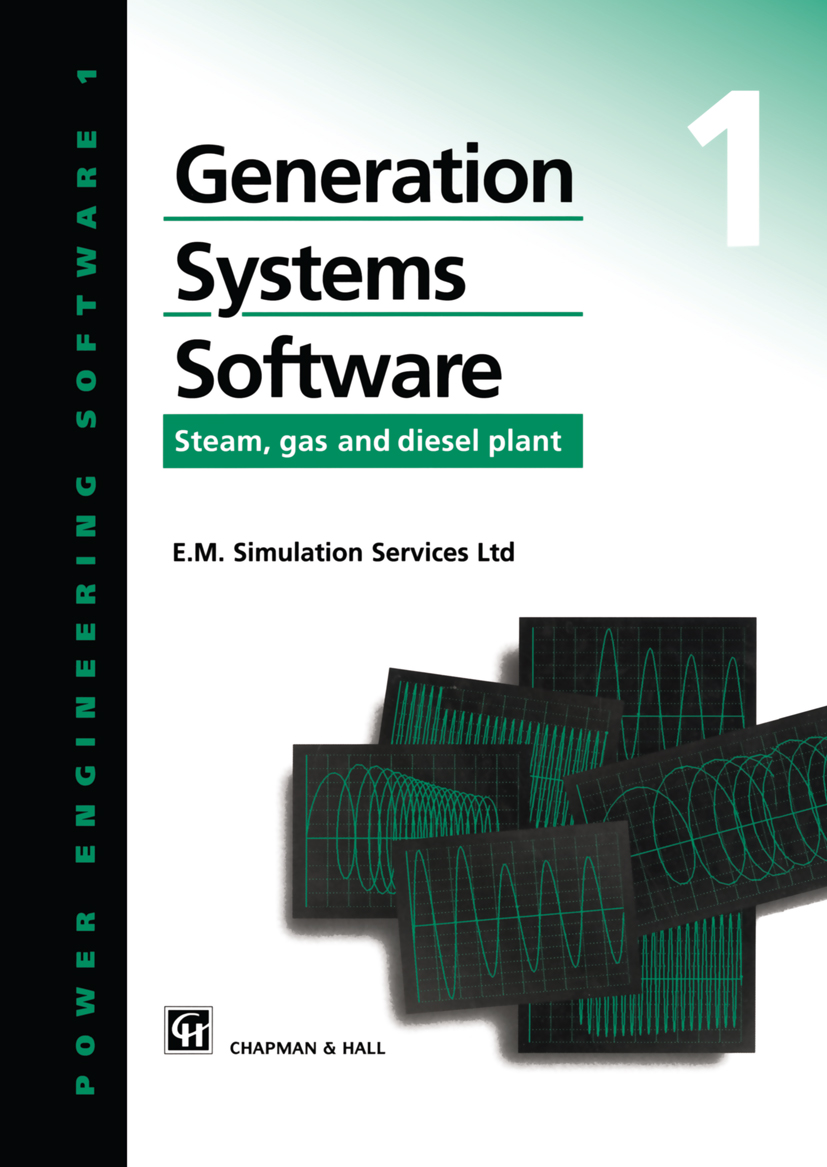
Generation Systems Software The contents of this book are intended for those concerned with the simulation of the performance of generation systems. The subject is of importance to practising electrical engineers because of the many situations that arise in the design and operation of modem electromechanical systems and electrical power systems. The simulation programs contained in this book cover the prediction of generator performance for both large and small scale units. Synchronous generators of the round rotor and salient-pole variety of ratings of between a few Megawatts to around 1200 MW are invariably used by public supply companies for the generation of electrical power. For industrial purposes a variety of types of generator are used, including steam and gas turbines, and medium to low speed diesel engine driven generators, the former for those cases where process steam is available and the latter often in the role of marine generation or in a standby role. TECHNOLOGY & ENGINEERING,Electrical
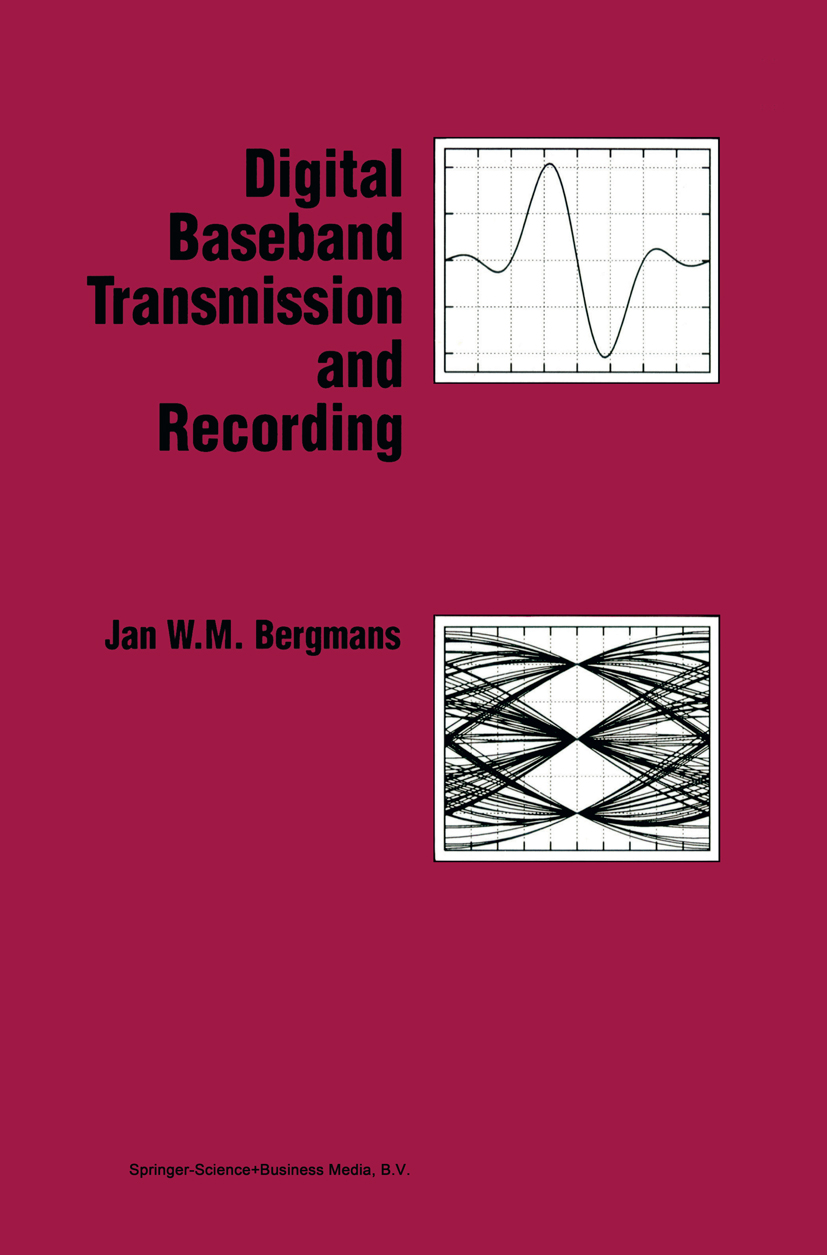
Digital Baseband Transmission and Recording Digital Baseband Transmission and Recording provides an integral, in-depth and up-to-date overview of the signal processing techniques that are at the heart of digital baseband transmission and recording systems. The coverage ranges from fundamentals to applications in such areas as digital subscriber loops and magnetic and optical storage. Much of the material presented here has never before appeared in book form. The main features of Digital Baseband Transmission and Recording include: a survey of digital subscriber lines and digital magnetic and optical storage; a review of fundamental transmission and reception limits; an encyclopedic introduction to baseband modulation codes; development of a rich palette of equalization techniques; a coherent treatment of Viterbi detection and many near-optimum detection schemes; an overview of adaptive reception techniques that encompasses adaptive gain and slope control, adaptive detection, and novel forms of zero-forcing adaptation; an in-depth review of timing recovery and PLLs, with an extensive catalog of timing-recovery schemes. . Featuring around 450 figures, 200 examples, 350 problems and exercises, and 750 references, Digital Baseband Transmission and Recording is an essential reference source to engineers and researchers active in telecommunications and digital recording. It will also be useful for advanced courses in digital communications. TECHNOLOGY & ENGINEERING,Electrical

Graded Exercises in Electrical and Electronic Engineering This book is designed to complement the two volumes Electrical and Electronic Principles 1 and 2. Due to the graded nature of the assignment questions, many of them are quite demanding, and will therefore also be found of use for Higher National, first-year undergraduate studies in electrical engineering, and associated bridging courses. Of necessity, the assignment questions at the end of each chapter of most textbooks tend to concentrate solely on the topic covered by the relevant chapter. However, this tends to fragment the subject matter. Consequently the student, once tested, tends to 'forget' about earlier topics and concentrates solely on the current topic of study. This effect is compounded by the current system of phase tests and assignments in preference to a comprehensive end test on completion of the unit of study. The objective of this book is to present more realistic engineering problems. In many cases this means that the student has to utilise knowledge gained over a range of topics in order to arrive at a solution. This will help the student to view the unite s) as a cohesive whole, rather than isolated pockets of knowledge. In order to enhance the integrative aspect, some exercises include topics from the BTEC Electronics syllabuses together with some elements from the Electrical Applications. The subject matter of this last unit has considerable overlap with that of Electrical and Electronic Principles. TECHNOLOGY & ENGINEERING,Electrical
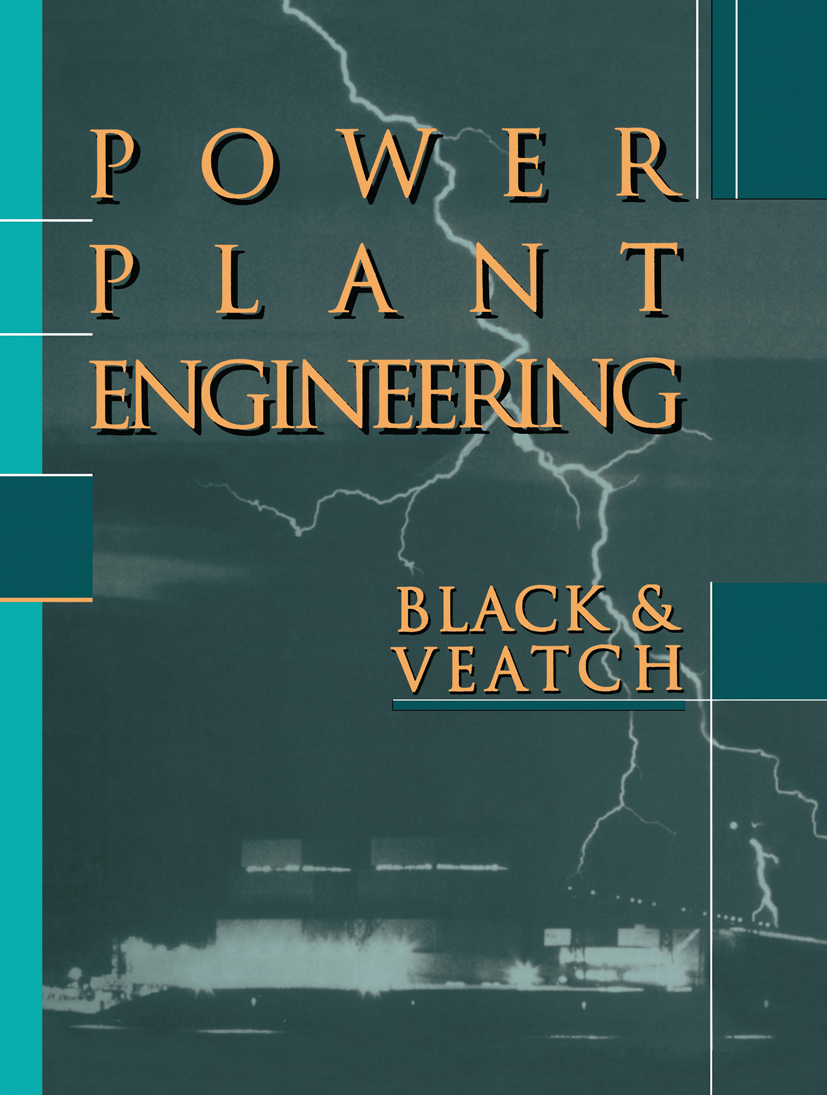
Power Plant Engineering A useful and comprehensive starting point for an engineer wishing to become familiar with conventional coal-fired power plant practice, including modern emission control systems. - Proceedings of the Institution of Mechanical Engineers, Part A: Journal of Power and Energy, Volume 210; A useful and comprehensive starting point for an engineer wishing to become familiar with conventional coal-fired power plant practice, including modern emission control systems. - Proceedings of the Institution of Mechanical Engineers, Part A: Journal of Power and Energy, Volume 210; This comprehensive book provides a complete, authoritative, up-to-date reference for all aspects of power plant engineering...should be suitable and of strong appeal to university students, to equipment manufacturers, to utility operators and owners, to system design engineers and to representatives of the variety of local, state and federal government agencies involved in planning and regulation. - INSPEC Science Abstracts TECHNOLOGY & ENGINEERING,Electrical

Fundamentals of Bidirectional Transmission over a Single Optical Fibre Bidirectional transmission over optical fibre networks may yield a large cost reduction because of the reduction of the network infrastructure by a factor two and the potential cost reduction by an integrated transceiver design. It may also provide a cost-effective way to upgrade distribution networks by adding bidirectional channels. This book is the first to provide a comprehensive overview of bidirectional transmission in optical networks. It handles physical aspects: the behaviour of the fibre itself in bidirectional transmission transmission aspects: the behaviour and design of bidirectional systems and network aspects: the influence of bidirectional transmission on network design. £/LIST£ Practical guidelines are also given for bidirectional system design. Audience:This book is aimed at designers, builders and operators of optical networks, e.g. the manufacturers of optical transmission systems, public-network operators, developers of local-area networks, cable-television operators, etcetera. The intended level of readership is graduate level in physics or electrical engineering. TECHNOLOGY & ENGINEERING,Electrical
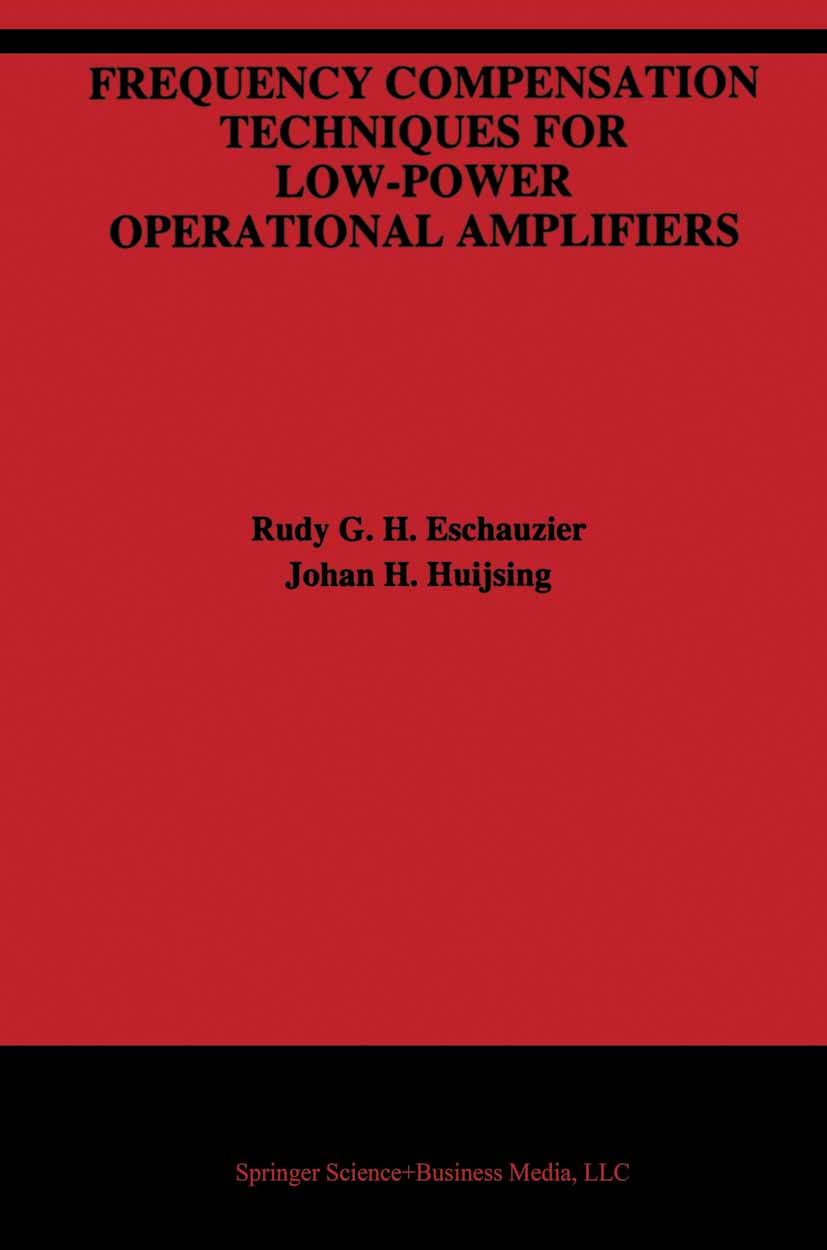
Frequency Compensation Techniques for Low-Power Operational Amplifiers Frequency Compensation Techniques for Low-Power Operational Amplifiers is intended for professional designers of integrated amplifiers, emphasizing low-voltage and low-power solutions. The book bridges the gap between the professional designer's needs and available techniques for frequency compensation. It does so by explaining existing techniques and introducing several new techniques including Hybrid Nested Miller compensation, Multipath Miller Zero cancellation and Multipath Conditionally Stable compensation. All compensation techniques are treated in a stage-number-based order, progressing from a single transistor to circuits with six stages and more. Apart from discussing the mathematical basis of the compensation methods, the book provides the reader with the factual information that is required for practicing the design of integrated feedback amplifiers and many worked out examples. What is more, many bipolar and CMOS operational amplifier realizations, along with their measurement results, prove the effectiveness of the compensation techniques in real-life circuits. The text focuses on low-voltage, low-power integrated amplifiers. Many of the presented bipolar circuits operate at supply voltages down to 1V, while several CMOS amplifiers that function correctly just slightly above this voltage are demonstrated. The lowest measured power consumption amounts to 17muW for a class AB CMOS opAmp with 120dB gain. Despite this attention to low voltage and low power, the frequency compensation strategies provided are universally applicable. The fundamental approach followed leads to efficient compensation strategies that are well guarded against the parameter variations inherent to the mass-fabrication of integrated circuits. The book is essential reading for practicing analog design engineers and researchers in the field. It is also suitable as a text for an advanced course on the subject. TECHNOLOGY & ENGINEERING,Electrical

Finite Element Analysis of Electrical Machines In Finite Element Analysis of Electrical Machines the author covers two-dimensional analysis, emphasizing the use of finite elements to perform the most common calculations required of machine designers and analysts. The book explains what is inside a finite element program, and how the finite element method can be used to determine the behavior of electrical machines. The material is tutorial and includes several completely worked out examples. The main illustrative examples are synchronous and induction machines. The methods described have been used successfully in the design and analysis of most types of rotating and linear machines. Audience: A valuable reference source for academic researchers, practitioners and designers of electrical machinery. TECHNOLOGY & ENGINEERING,Electrical

Exploding Wires This volume contains the proceedings of the Second Conference on the Exploding Wire Phenomenon. In addition to the general theory of exploding wires, this conference considered exploding wire shock waves; the generation by exploding wires of extreme tem peratures, X-rays, and very high pressures; instrumentationprob lems in wire explosions; and, for the first time, exploding foils. Sponsored by the Geophysics Research Directorate ofthe Air Force Cambridge Research Laboratories, this symposium was held in Boston, Massachusetts, on November 13 and 14, 1961. To fill a definite need for ready access to information, Volume Two of Exploding Wires contains a comprehensive index which should facilitate the use of both volumes on the exploding wire phenomenon. It is not possible to express full appreciation to all those whose generous assistance made the Second Conference and this volume possible. It is certain, however, that without the cooperation of Dr. John N. Howard, Laboratory Chief, and Mr. Morton A. Levine, Branch Chief, there could have been no conference. Special ac knowledgment goes to the Staff of the Hydromagnetics Laboratory for its invaluable aid: to Mrs. William Watson for exceptional secretarial work; to Mr. E. H. Cullington for technical assistance; to Mr. C. V. Fish for drawings, graphs, and art work; and to Mr. K. R. Saari for photography. Particular gratitude is due to Mr. TECHNOLOGY & ENGINEERING,Electrical

Electric and Magnetic Fields This book contains the edited versions of the papers presented at the Second International Workshop on Electric and Magnetic Fields held at the Katholieke Universiteit van Leuven (Belgium) in May 1994. This Workshop deals with numerical solutions of electromagnetic problems in real life applications. The topics include coupled problems (thermal, mechanical, electric circuits), CAD & CAM applications, 3D eddy current and high frequency problems, optimisation and application oriented numerical problems. This workshop was organised jointly by the AIM (Association of Engineers graduated from de Montefiore Electrical Institute) together with the Departments of Electrical Engineering of the Katholieke Universiteit van Leuven (Prof. R. Belmans), the University of Gent (Prof. J. Melkebbek) and the University of Liege (Prof. W. Legros). These laboratories are working together in the framework of the Pole d'Attraction Interuniversitaire - Inter-University Attractie-Pole 51 - on electromagnetic systems led by the University of Liege and the research work they perform covers most of the topics of the Workshop. One of the principal aims of this Workshop was to provide a bridge between the electromagnetic device designers, mainly industrialists, and the electromagnetic field computation developers. Therefore, this book contains a continuous spectrum of papers from application of electromagnetic models in industrial design to presentation of new theoretical developments. TECHNOLOGY & ENGINEERING,Electrical
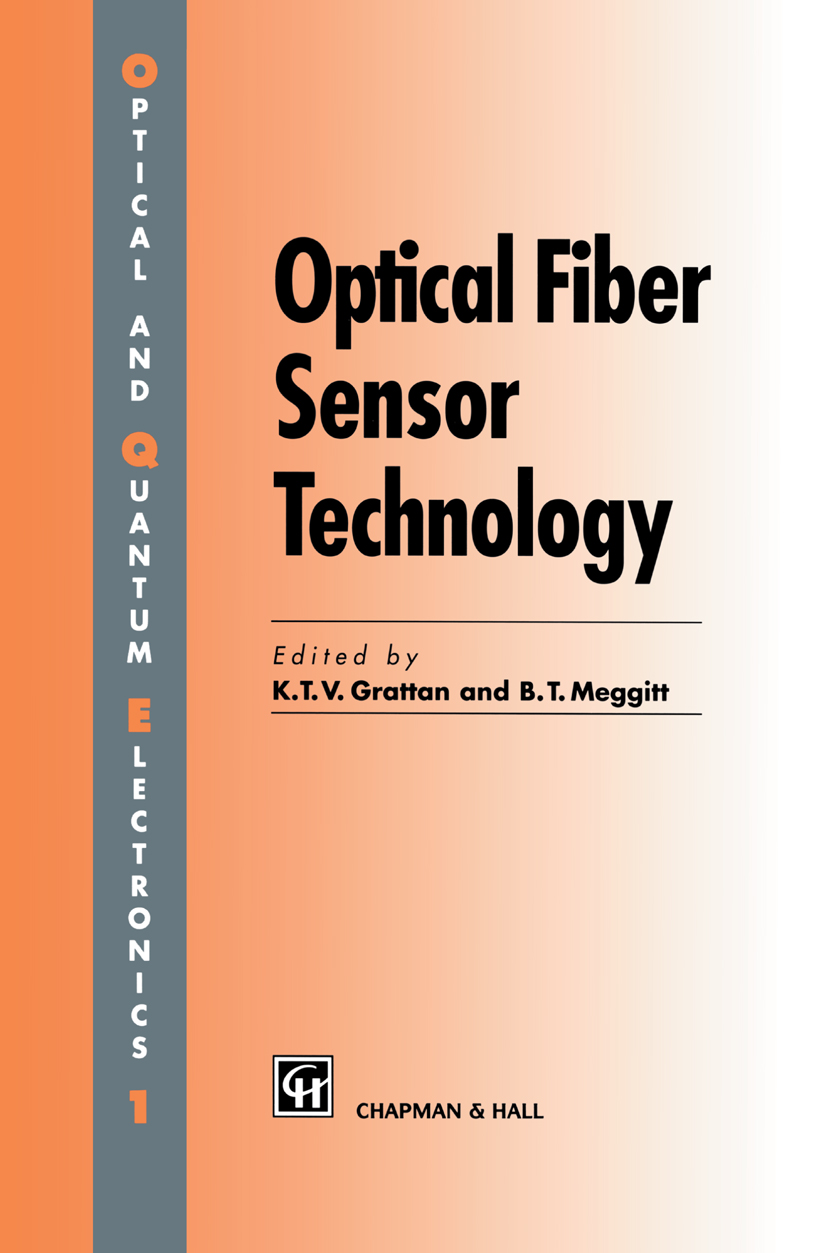
Optical Fiber Sensor Technology Optical Fiber Sensor Technology covers both the principles and applications of this technology. Drawing upon leading international experts for authoritative chapters reflecting the present state-of-the-art, the book contains essential tutorial material on the fundamentals of optics and optical fibres, reviews of the underlying technology and present and potential future applications. Extensively illustrated and carefully referenced, this volume will prove an invaluable source for researchers, engineers and advanced students from the fields of optoelectronics/optics and/or measurement and sensors. TECHNOLOGY & ENGINEERING,Electrical

Nuclear Reactor Engineering Dr. Samuel Glasstone, the senior author of the previous editions of this book, was anxious to live until his ninetieth birthday, but passed away in 1986, a few months short of this milestone. I am grateful for the many years of stimulation received during our association, and in preparing this edition have attempted to maintain his approach. Previous editions of this book were intended to serve as a text for students and a reference for practicing engineers. Emphasis was given to the broad perspective, particularly for topics important to reactor design and oper ation, with basic coverage provided in such supporting areas as neutronics, thermal-hydraulics, and materials. This, the Fourth Edition, was prepared with these same general objectives in mind. However, during the past three decades, the nuclear industry and university educational programs have matured considerably, presenting some challenges in meeting the objec tives of this book. Nuclear power reactors have become much more complex, with an ac companying growth in supporting technology. University programs now offer separate courses covering such basic topics as reactor physics, thermal hydraulics, and materials. Finally, the general availability of inexpensive xv xvi Preface powerful micro-and minicomputers has transformed design and analysis procedures so that sophisticated methods are now commonly used instead of earlier, more approximate approaches. TECHNOLOGY & ENGINEERING,Electrical
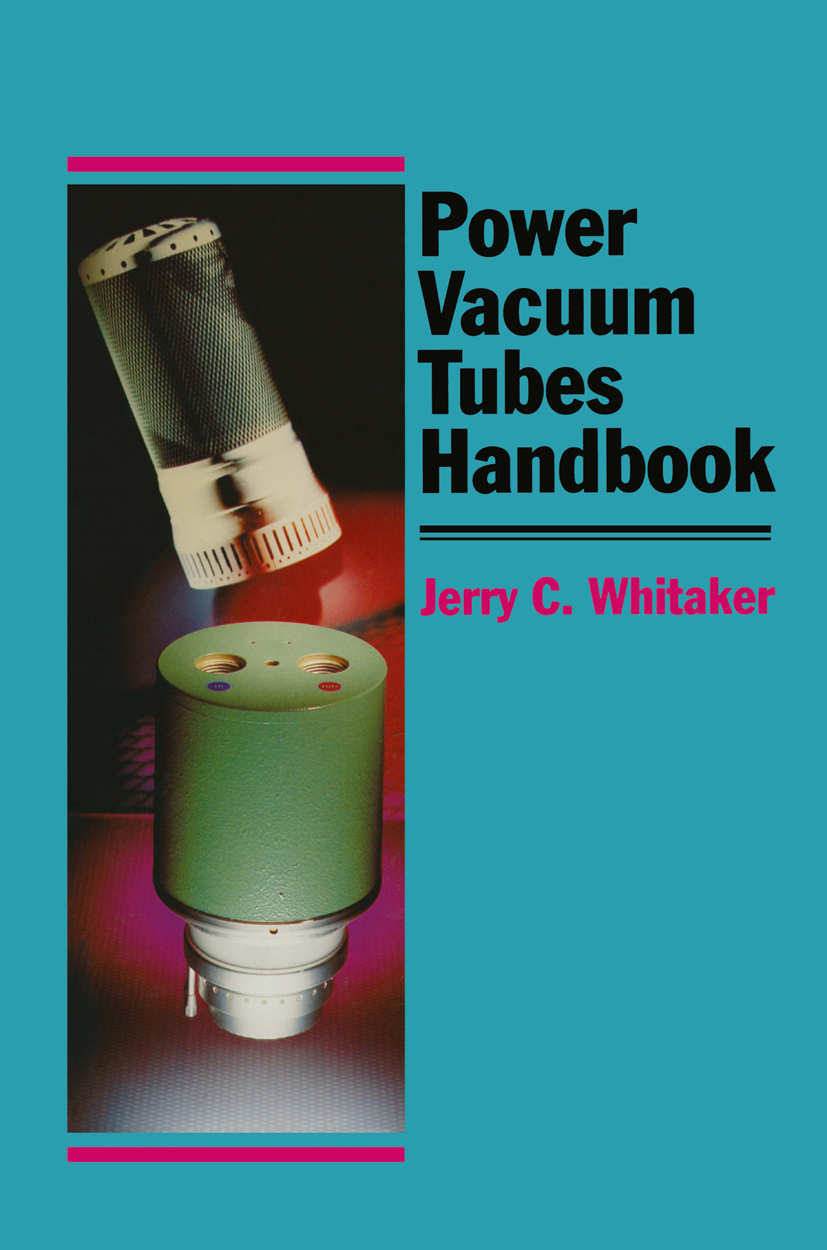
Power Vacuum Tubes Handbook The phrase "high technology" is perhaps one of the more overused descriptions in our technical vocabulary. It is a phrase generally reserved for discussion of integrated circuits, fiber optics, satellite systems, and computers. Few people would associate high technology with vacuum tubes. The notion that vacuum tube construction is more art than science may have been true 10 or 20 years ago, but today it's a different story. The demand on the part of industry for tubes capable of higher operating power and frequency, and the economic necessity for tubes that provide greater efficiency and reliability, have moved power tube manufacturers into the high-tech arena. Advancements in tube design and construction have given end users new transmit ters and RF generators that allow industry to grow and prosper. If you bring up the subject of vacuum tubes to someone who has never worked on a transmitter, you are likely to get a blank stare and a question: "Do they make those anymore?" Although receiving tubes have disappeared from the scene, power tubes are alive and well and are performing vital functions in thousands of divergent applications. Solid-state and tube technologies each have their place, each with its strengths and weaknesses. Tube design and development, although accompanied by less fanfare, is advanc ing as are developments in solid-state technology. Power tubes today are designed with an eye toward high operating efficiency and high gain/bandwidth properties. TECHNOLOGY & ENGINEERING,Electrical

Principles of Infrared Technology This book is about general infrared (IR) engineering, technology, practices, and principles as they apply to modem imaging systems. An alternative title to this book with appeal to managers and marketing personnel might be "Everything You Always Wanted to Know about Infrared Sensors, but Couldn't Get Answers on from Engineers." This book is not meant to be a comprehensive compendium of IR (like the Infrared and Electro Optical Systems Handbook). Rather, it is intend ed to complement such texts by providing up to date information and pragmatic knowledge that is difficult to locate outside of periodicals. The information contained in this book is critical in the day-to-day life of en gineering practitioners, proposal writers, and those on the periphery of an IR pro gram. It serves as a guide for engineers wishing to "catch up," engineers new to the field, managers, students, administrators, and technicians. It is also useful for seasoned IR engineers who want to review recent technological developments. TECHNOLOGY & ENGINEERING,Electrical
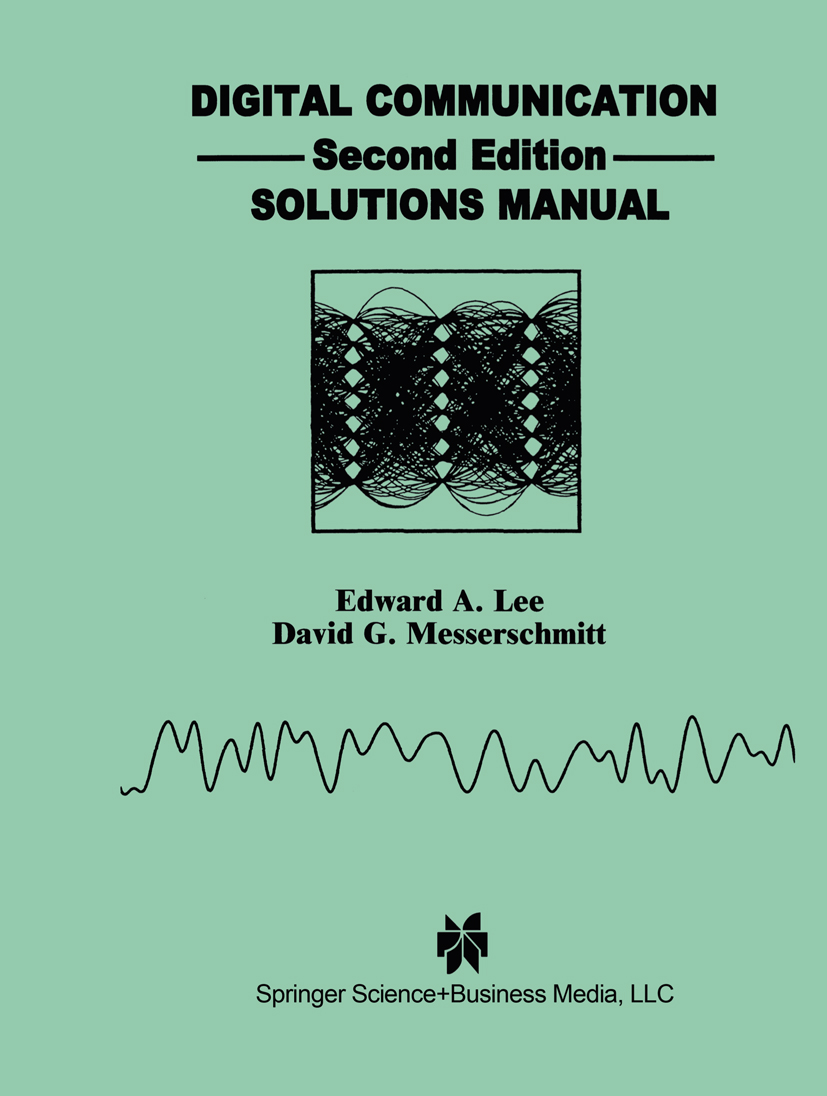
Digital Communication This supplement contains worked out solutions to the chapter end problem sets found in Digital Communication, Second Edition, ISBN 0-7923-9391-0. TECHNOLOGY & ENGINEERING,Electrical
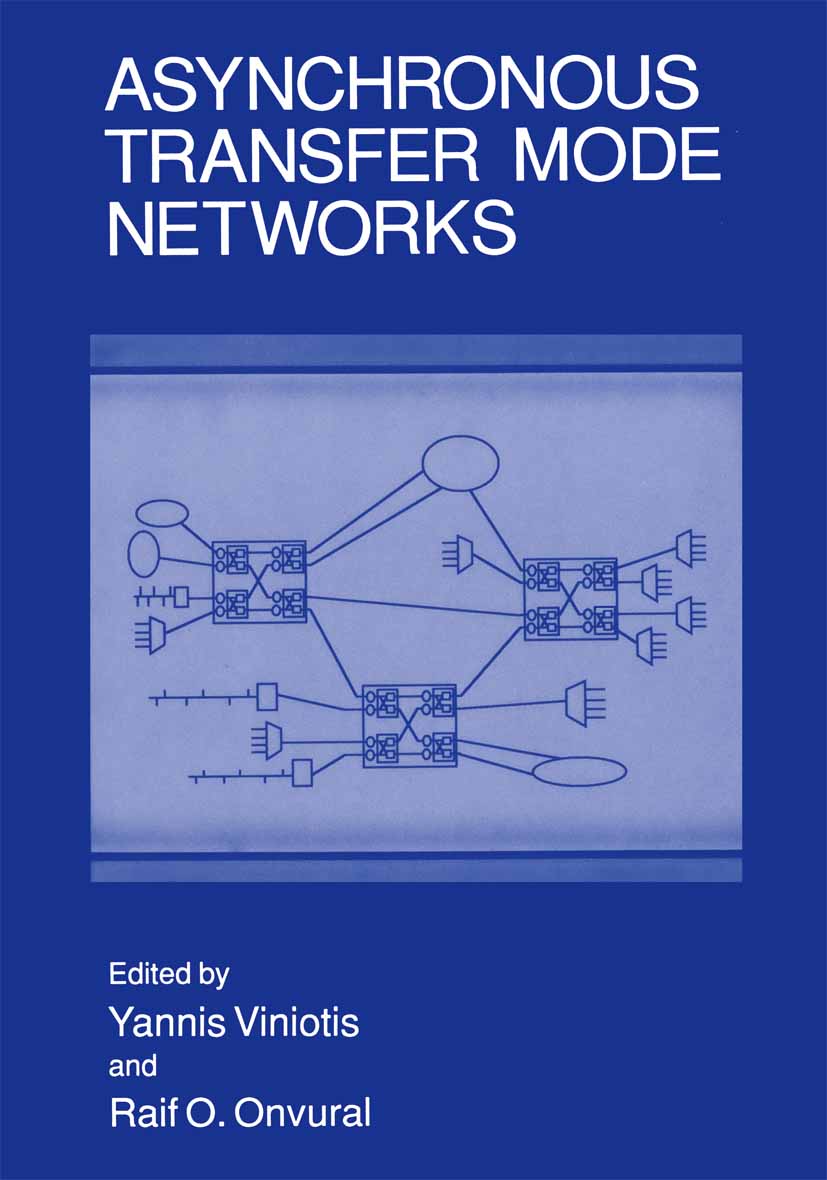
Asynchronous Transfer Mode Networks Proceedings of TRICOMM '93 held in Raleigh, North Carolina, April 26-27, 1993 TECHNOLOGY & ENGINEERING,Electrical
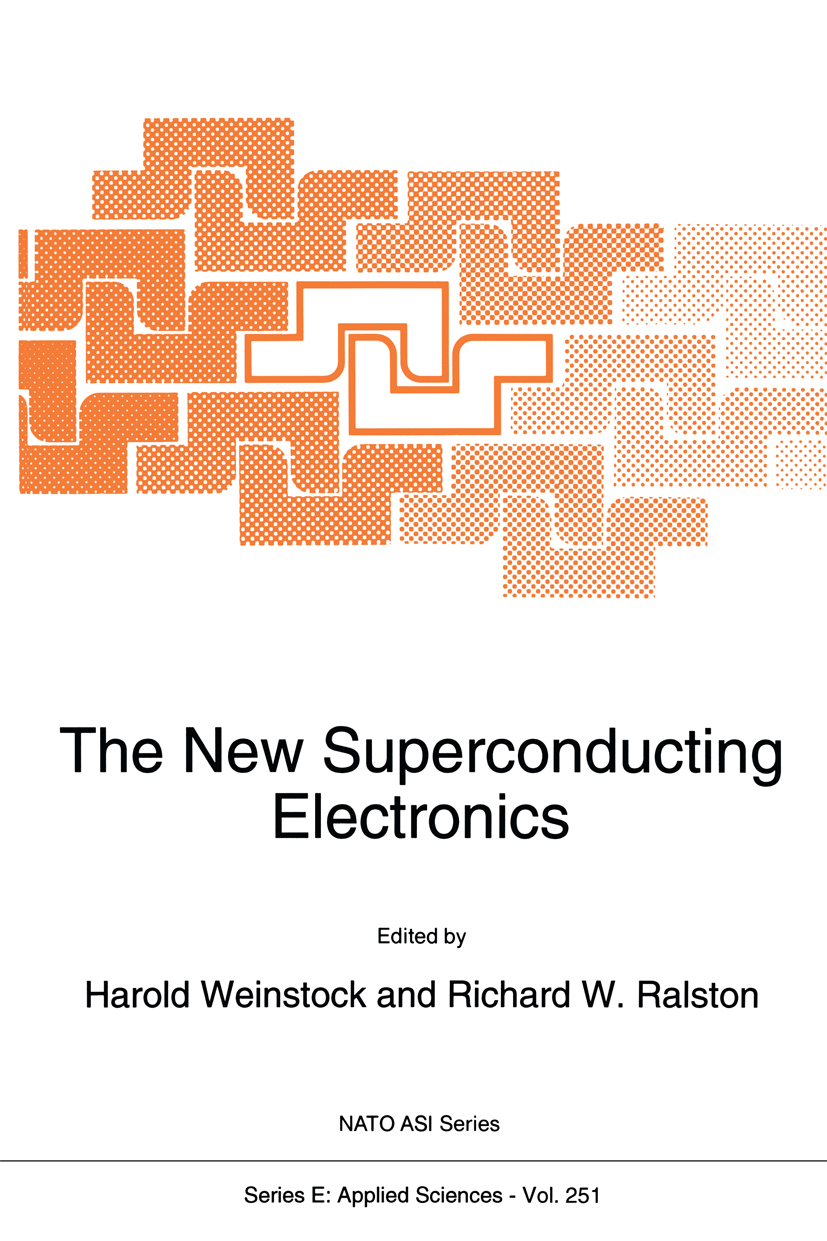
The New Superconducting Electronics Proceedings of the NATO Advanced Study Institute, Waterville Valley, New Hampshire, USA, August 9-20, 1992 TECHNOLOGY & ENGINEERING,Electrical
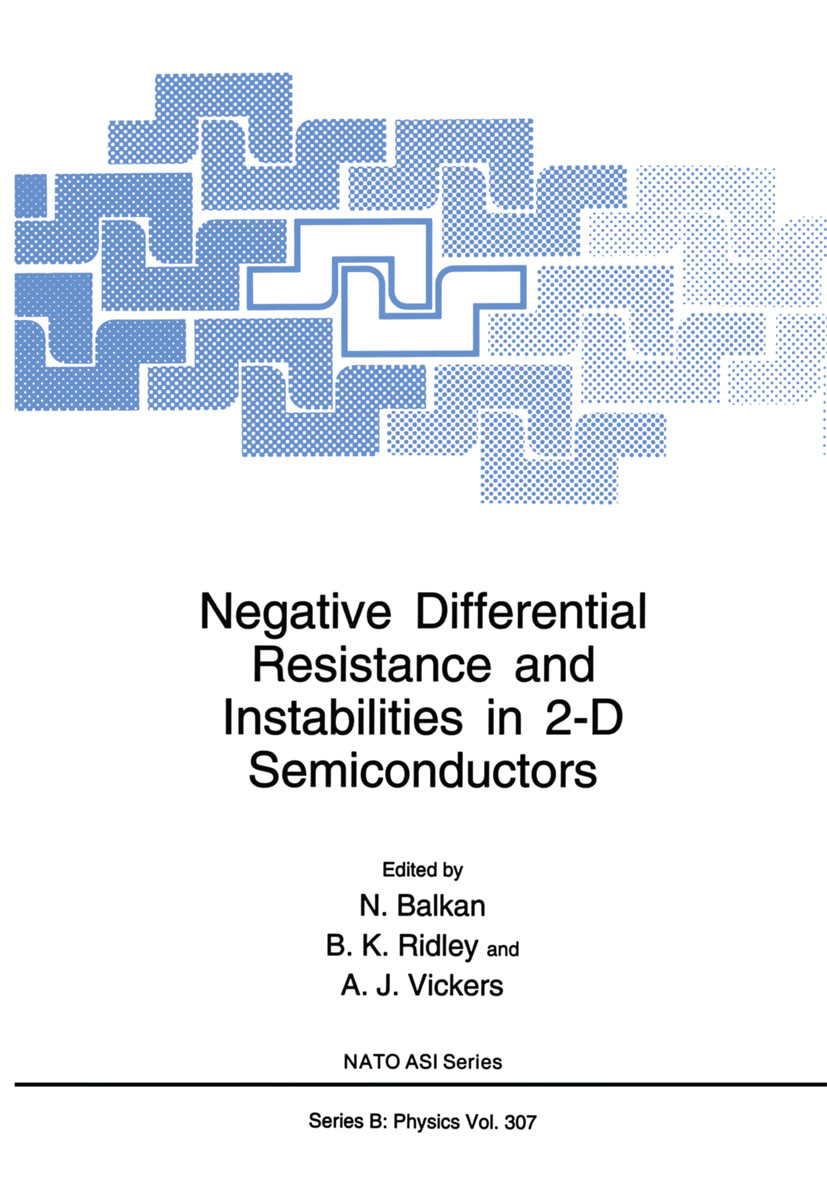
Negative Differential Resistance and Instabilities in 2-D Semiconductors Proceedings of a NATO ARW held in Il Ciocco, Lucca, Italy, September 20-25, 1992 TECHNOLOGY & ENGINEERING,Electrical

Ultrashort Processes in Condensed Matter Proceedings of a NATO ASI held in Il Ciocco, Italy, August 30-September 12, 1992 TECHNOLOGY & ENGINEERING,Electrical
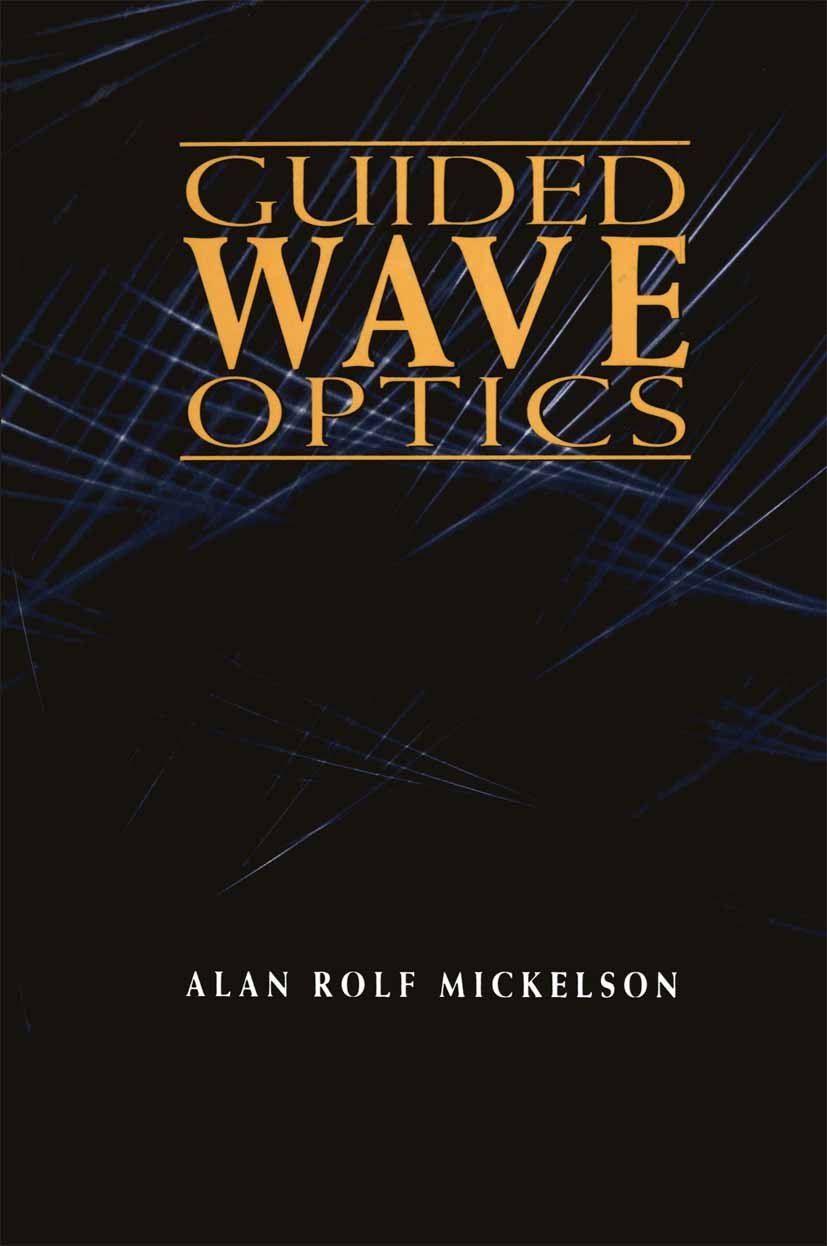
Guided Wave Optics This book has grown out of a need for a beginning graduate level text which emphasizes the unifying concepts of the field of guided wave optics. Over the past twenty years, progress in this field has been so rapid, and therefore so helter-skelter, that it is hard, even for the fully involved practitioner no less the aspiring student, to see the unifying concepts. As will be discussed more fully below, there are at present quite a number of texts in the guided wave area. These texts vary in nature from the popular treatise to the voluminous scholarly work. I know of none, however, that treats the waveguide, semi conductor laser, fiber and fiber component, and integrated optic component all on equal footing using the forms of Maxwell's equations in polarizable media and coupled forms of Maxwell's equations as unifying tools. This book emphasizes basic concepts, yet is quantitative in nature and contains numerous applications. The book is designed to be used by the beginning graduate student or the professional who needs to review or catch up on the basics. Here at the University of Colorado, this text is generally used for a follow-up course to one in Physical Optics. The Physical Optics text employed, also written by the present author, primarily includes material which should be familiar to students with a strong background in optics or practitioners of guided waves. TECHNOLOGY & ENGINEERING,Electrical
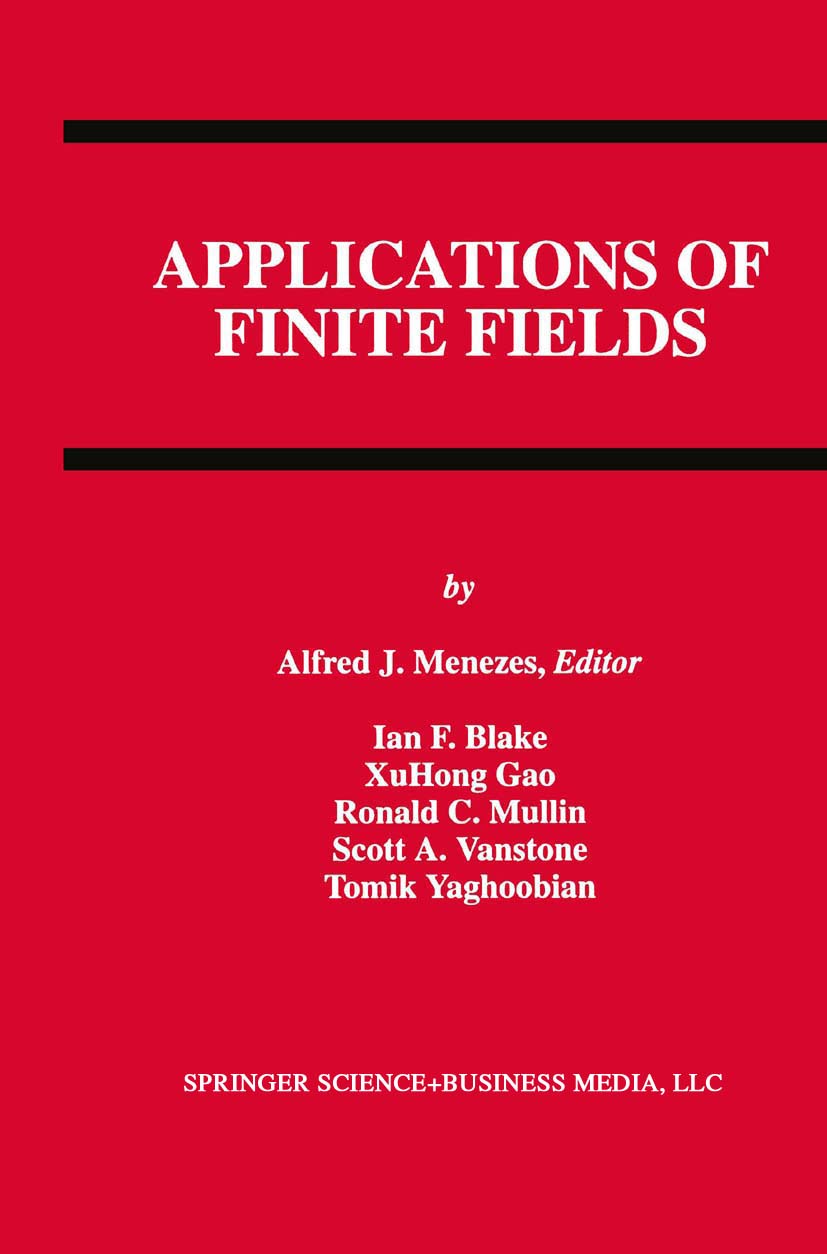
Applications of Finite Fields The theory of finite fields, whose origins can be traced back to the works of Gauss and Galois, has played a part in various branches in mathematics. Inrecent years we have witnessed a resurgence of interest in finite fields, and this is partly due to important applications in coding theory and cryptography. The purpose of this book is to introduce the reader to some of these recent developments. It should be of interest to a wide range of students, researchers and practitioners in the disciplines of computer science, engineering and mathematics. We shall focus our attention on some specific recent developments in the theory and applications of finite fields. While the topics selected are treated in some depth, we have not attempted to be encyclopedic. Among the topics studied are different methods of representing the elements of a finite field (including normal bases and optimal normal bases), algorithms for factoring polynomials over finite fields, methods for constructing irreducible polynomials, the discrete logarithm problem and its implications to cryptography, the use of elliptic curves in constructing public key cryptosystems, and the uses of algebraic geometry in constructing good error-correcting codes. To limit the size of the volume we have been forced to omit some important applications of finite fields. Some of these missing applications are briefly mentioned in the Appendix along with some key references. TECHNOLOGY & ENGINEERING,Electrical

Electrical Power System Protection Electrical Power System Protection provides practising engineers with the most up-to-date and comprehensive one -volume reference and tutorial on power system protection available. Concentrating on fundamental methods and technology and with extensive examples drawn from current practice internationally, this book will be a major reference tool for engineers involved with and affected by power system protection. TECHNOLOGY & ENGINEERING,Electrical

Nonlinear System Dynamics Engineers, scientists, and applied mathematicians are habitually curious about behavior of physical systems. More often than not they will model the system and then analyze the model, hoping to expose the system's dynamic secrets. Traditionally, linear methods have been the norm and nonlinear effects were only added peripherally. This bias for linear techniques arises from the consum mate beauty and order in linear subs paces and the elegance of linear indepen dence is too compelling to be denied. And the bias has been, in the past, for tified by the dearth of nonlinear procedures, rendering the study of nonlinear dynamics untidy. But now a new attractiveness is being conferred on that non descript patchwork, and the virtue of the hidden surprises is gaining deserved respect. With a wide variety of individual techniques available, the student and the engineer as well as the scientist and researcher, are faced with an almost overwhelming task of which to use to help achieve an understanding sufficient to reach a satisfying result. If linear analysis predicts system behavior suffi ciently close to reality, that is delightful. In the more likely case where nonlin ear analysis is required, we believe this text fills an important void. We have tried to compile and bring some order to a large amount of information and techniques, that although well known, is scattered. We have also extended this knowledge base with new material not previously published. TECHNOLOGY & ENGINEERING,Electrical

Soft Commutation The author gives a thorough explanation of soft commutation making use of the concept of duality to explain the principles of the technique and to place it in context in the field of power electronics. TECHNOLOGY & ENGINEERING,Electrical
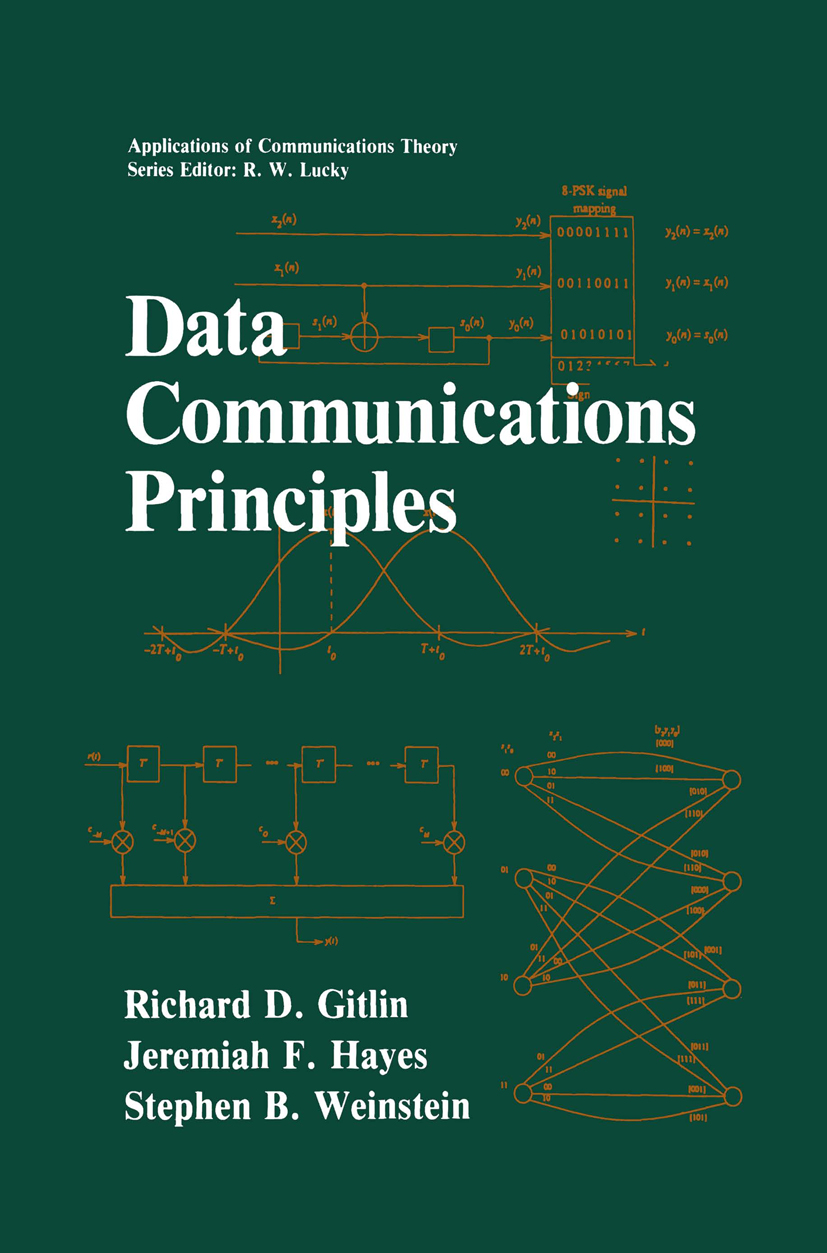
Data Communications Principles This unique text, for both the first year graduate student and the newcomer to the field, provides in-depth coverage of the basic principles of data communications and covers material which is not treated in other texts, including phase and timing recovery and echo cancellation. Throughout the book, exercises and applications illustrate the material while up-to-date references round out the work. TECHNOLOGY & ENGINEERING,Electrical
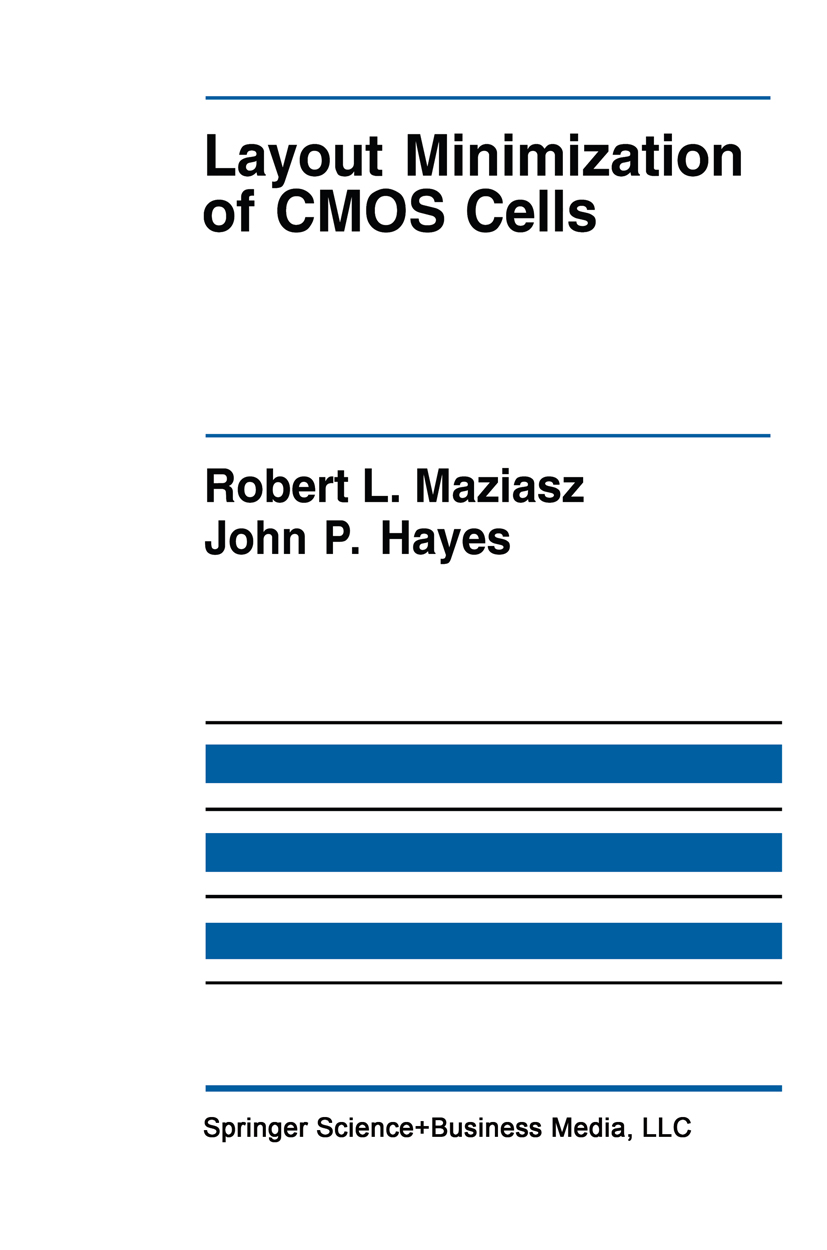
Layout Minimization of CMOS Cells The layout of an integrated circuit (lC) is the process of assigning geometric shape, size and position to the components (transistors and connections) used in its fabrication. Since the number of components in modem ICs is enormous, computer aided-design (CAD) programs are required to automate the difficult layout process. Prior CAD methods are inexact or limited in scope, and produce layouts whose area, and consequently manufacturing costs, are larger than necessary. This book addresses the problem of minimizing exactly the layout area of an important class of basic IC structures called CMOS cells. First, we precisely define the possible goals in area minimization for such cells, namely width and height minimization, with allowance for area-reducing reordering of transistors. We reformulate the layout problem in terms of a graph model and develop new graph-theoretic concepts that completely characterize the fundamental area minimization problems for series-parallel and nonseries-parallel circuits. These concepts lead to practical algorithms that solve all the basic layout minimization problems exactly, both for a single cell and for a one-dimensional array of such cells. Although a few of these layout problems have been solved or partially solved previously, we present here the first complete solutions to all the problems of interest. TECHNOLOGY & ENGINEERING,Electrical

Third Generation Wireless Information Networks Rutgers University launched WINLAB in 1989, just as the communications industry, the Federal government, and the financial community in the United States, were waking up to the growing public appetite for wireless communications and to the shortage of technology to feed it. The secret was already out in Europe, where no fewer than three new cordless and cellular systems were progressing from drawing board to laboratory to factory to consumers. In July 1989, the FCC held a well-attended tutorial that turned into a debate over whether second generation British or Swedish technology held the key to mass-market personal communications. Many in the audience wondered whether United States technology was out of the picture. Technology uncertainties are more acute in wireless communications than in any other information service. For example multi-gigabit optical fiber communications have followed an orderly progression from basic science leading to technology, which in turn stimulated standards, and then commercial products. Eventually applications will be found and industry and society at large will reap the benefits. By contrast, the applications of wireless communications are apparent to an eager public. A large market exists but is held in check by a shortage of capacity. The demand has led the cellular industry to formulate standards for advanced systems before the technology is in place to implement them. Everyone holds their breath waiting to observe performance of the first products. Gaps in basic science add to the uncertainty and forestall the resolution of technological debates. TECHNOLOGY & ENGINEERING,Electrical

Sensors and Sensory Systems for an Electronic Nose Proceedings of the NATO Advanced Research Workshop, Reykjavik, Iceland, 5-8 August, 1991 TECHNOLOGY & ENGINEERING,Electrical
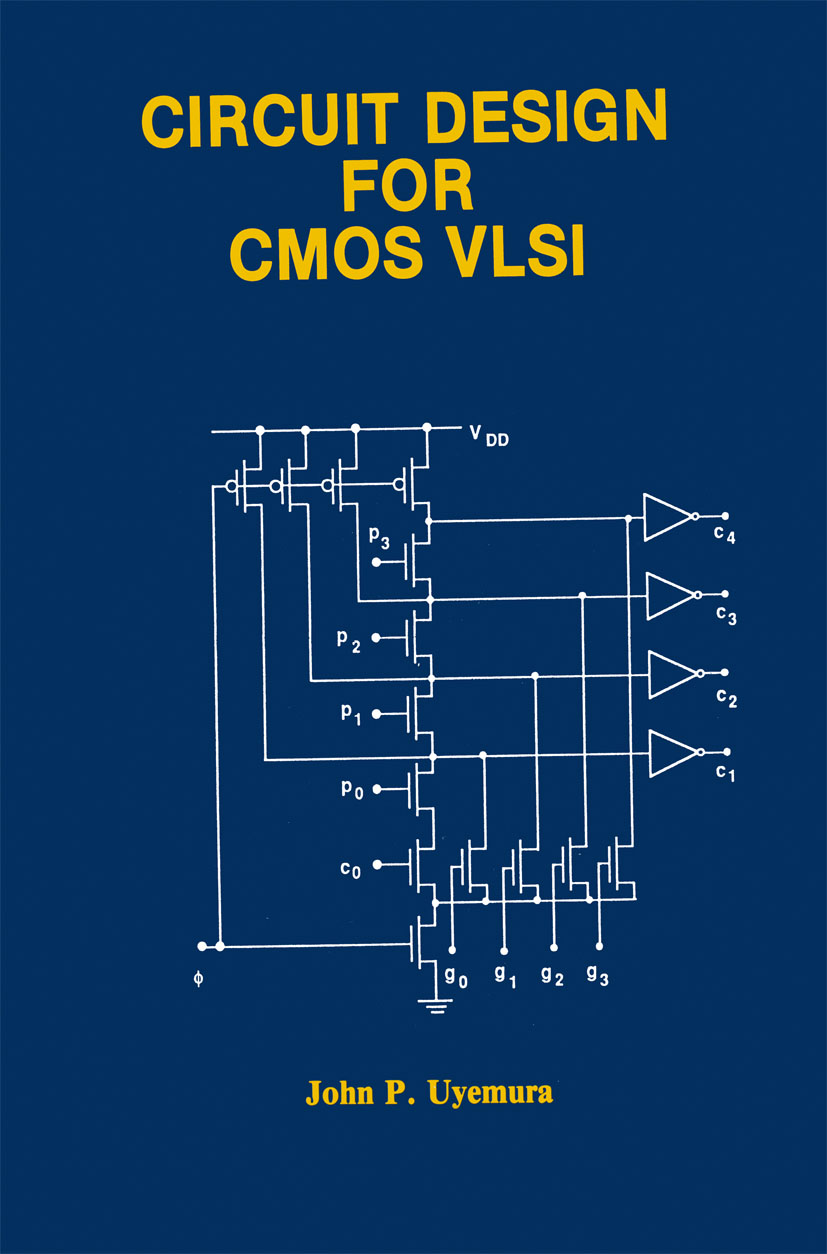
Circuit Design for CMOS VLSI During the last decade, CMOS has become increasingly attractive as a basic integrated circuit technology due to its low power (at moderate frequencies), good scalability, and rail-to-rail operation. There are now a variety of CMOS circuit styles, some based on static complementary con ductance properties, but others borrowing from earlier NMOS techniques and the advantages of using clocking disciplines for precharge-evaluate se quencing. In this comprehensive book, the reader is led systematically through the entire range of CMOS circuit design. Starting with the in dividual MOSFET, basic circuit building blocks are described, leading to a broad view of both combinatorial and sequential circuits. Once these circuits are considered in the light of CMOS process technologies, impor tant topics in circuit performance are considered, including characteristics of interconnect, gate delay, device sizing, and I/O buffering. Basic circuits are then composed to form macro elements such as multipliers, where the reader acquires a unified view of architectural performance through par allelism, and circuit performance through careful attention to circuit-level and layout design optimization. Topics in analog circuit design reflect the growing tendency for both analog and digital circuit forms to be combined on the same chip, and a careful treatment of BiCMOS forms introduces the reader to the combination of both FET and bipolar technologies on the same chip to provide improved performance. TECHNOLOGY & ENGINEERING,Electrical

Chaotic Dynamics Proceedings of a NATO ARW held in Patras, Greece, July 11-20, 1991 TECHNOLOGY & ENGINEERING,Electrical
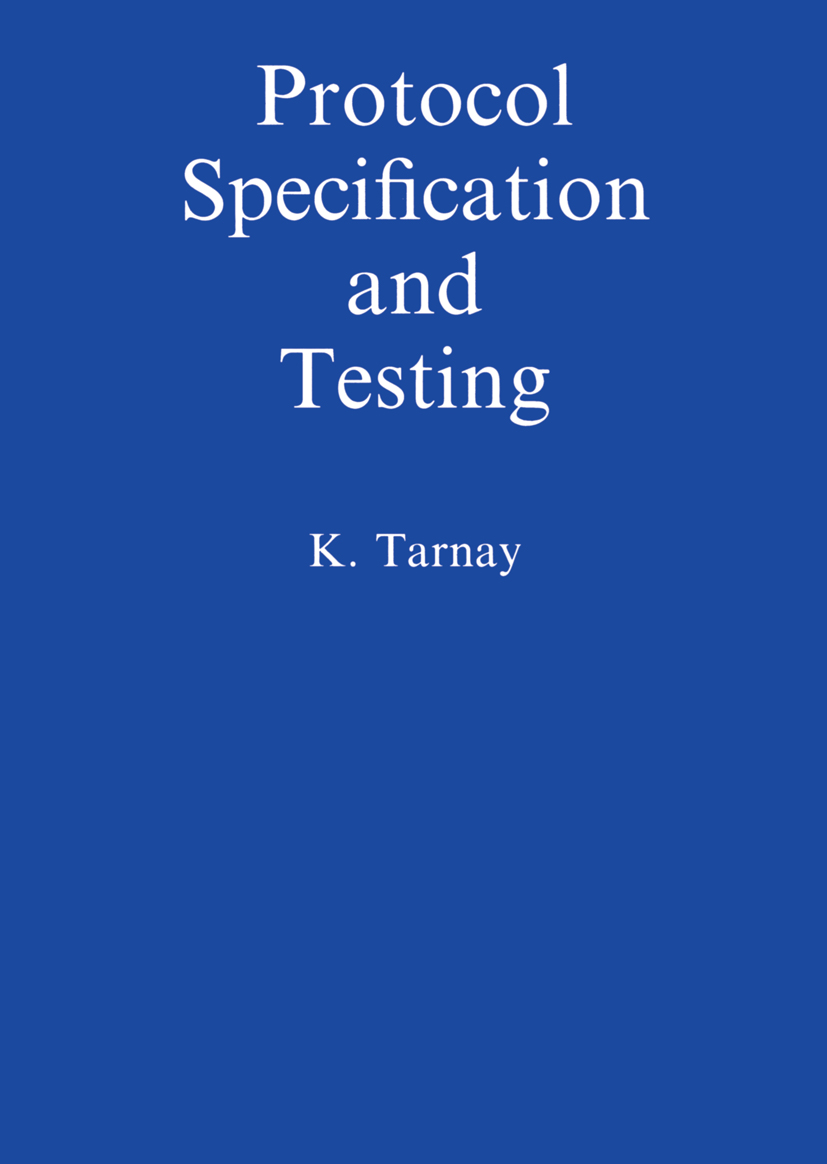
Protocol Specification and Testing The increasing number of computer networks has aroused users' interest in many and various fields of applications, in how a computer network can be built, and in how it may be used. The fundamental rules of computer networks are the protocols. "A protocol is a set of rules that governs the operation of functional units to achieve communication" [STA-86}. The book follows a practical approach to protocol speci fication and testing, but at the same time it introduces clearly and precisely the relevant theoretical fundamentals. The principal objectives of this work are: to familiarize readers with communication protocols, to present the main, formal description techniques, to apply various formal description techniques to protocol specification and testing. It is considered that the readership will primarily consist of protocol developers, protocol users, and all who utilize protocol testers. Secondly the book is suggested for postgraduate courses or other university courses dealing with communication networks and data communication. A large part of the book provides a comprehensive overview for managers; some parts are of especial interest to postal organizations. The book consists of three parts: the first part introduces the OS! Reference Model, it provides an overview of the most frequently used protocols and explains the fundamentals of protocol testing. The second part familiarizes readers with the methods used for protocol 5pecification, generation, and testing. Finite-state machines, formal grammars, Petri nets and some speCification languages (SDL, ESTELLE, LOTOS) are discussed in a pragmatic style. The third part deals with applications. TECHNOLOGY & ENGINEERING,Electrical

Computational Electronics Large computational resources are of ever increasing importance for the simulation of semiconductor processes, devices and integrated circuits. The Workshop on Computational Electronics was intended to be a forum for the dis cussion of the state-of-the-art of device simulation. Three major research areas were covered: conventional simulations, based on the drift-diffusion and the hydrodynamic models; Monte Carlo methods and other techniques for the solution of the Boltzmann transport equation; and computational approaches to quantum transport which are relevant to novel devices based on quantum interference and resonant tunneling phenomena. Our goal was to bring together researchers from various disciplines that contribute to the advancement of device simulation. These include Computer Sci ence, Electrical Engineering, Applied Physics and Applied Mathematics. The suc cess of this multidisciplinary formula was proven by numerous interactions which took place at the Workshop and during the following three-day Short Course on Computational Electronics. The format of the course, including a number of tutorial lectures, and the large attendance of graduate students, stimulated many discussions and has proven to us once more the importance of cross-fertilization between the different disciplines. TECHNOLOGY & ENGINEERING,Electrical
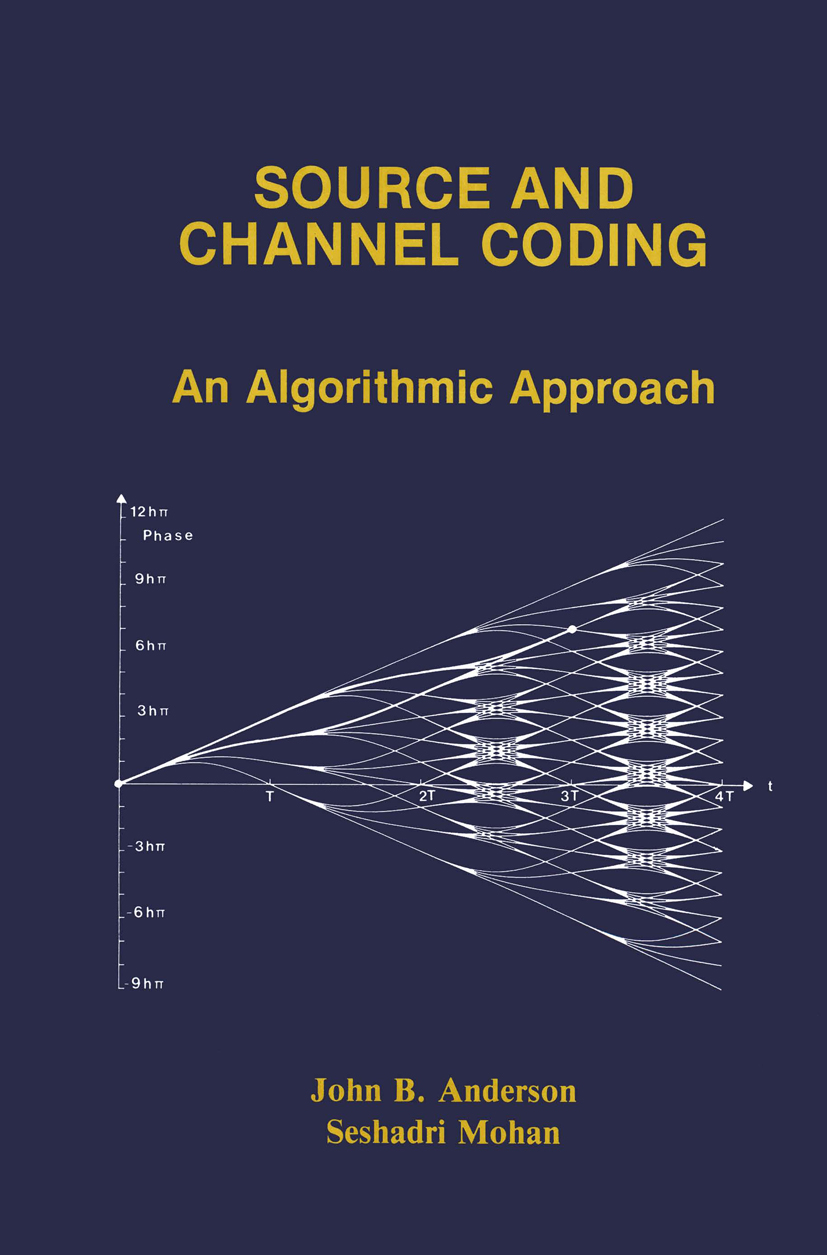
Source and Channel Coding oW should coded communication be approached? Is it about prob H ability theorems and bounds, or about algorithms and structures? The traditional course in information theory and coding teaches these together in one course in which the Shannon theory, a probabilistic the ory of information, dominates. The theory's predictions and bounds to performance are valuable to the coding engineer, but coding today is mostly about structures and algorithms and their size, speed and error performance. While coding has a theoretical basis, it has a practical side as well, an engineering side in which costs and benefits matter. It is safe to say that most of the recent advances in information theory and coding are in the engineering of coding. These thoughts motivate the present text book: A coded communication book based on methods and algorithms, with information theory in a necessary but supporting role. There has been muchrecent progress in coding, both inthe theory and the practice, and these pages report many new advances. Chapter 2 cov ers traditional source coding, but also the coding ofreal one-dimensional sources like speech and new techniques like vector quantization. Chapter 4 is a unified treatment of trellis codes, beginning with binary convolu tional codes and passing to the new trellis modulation codes. TECHNOLOGY & ENGINEERING,Electrical

Hydraulic and Electro-Hydraulic Control Systems Force and motion control systems of varying degrees of sophistication have shaped the lives of all individuals living in industrialized countries all over the world, and together with communication technology are largely responsible for the high standard ofliving prevalent in many communities. The brains of the vast majority of current control systems are electronic, in the shape of computers, microprocessors or programmable logic controllers (PLC), the nerves are provided by sensors, mainly electromech anical transducers, and the muscle comprises the drive system, in most cases either electric, pneumatic or hydraulic. The factors governing the choice of the most suitable drive are the nature of the application, the performance specification, size, weight, environ mental and safety constraints, with higher power levels favouring hydraulic drives. Past experience, especially in the machine tool sector, has clearly shown that, in the face of competition from electric drives, it is difficult to make a convincing case for hydraulic drives at the bottom end of the power at fractional horsepower level. A further, and frequently range, specifically overriding factor in the choice of drive is the familiarity of the system designer with a particular discipline, which can inhibit the selection of the optimum and most cost-effective solution for a given application. One of the objectives of this book is to help the electrical engineer overcome his natural reluctance to apply any other than electric drives. TECHNOLOGY & ENGINEERING,Electrical
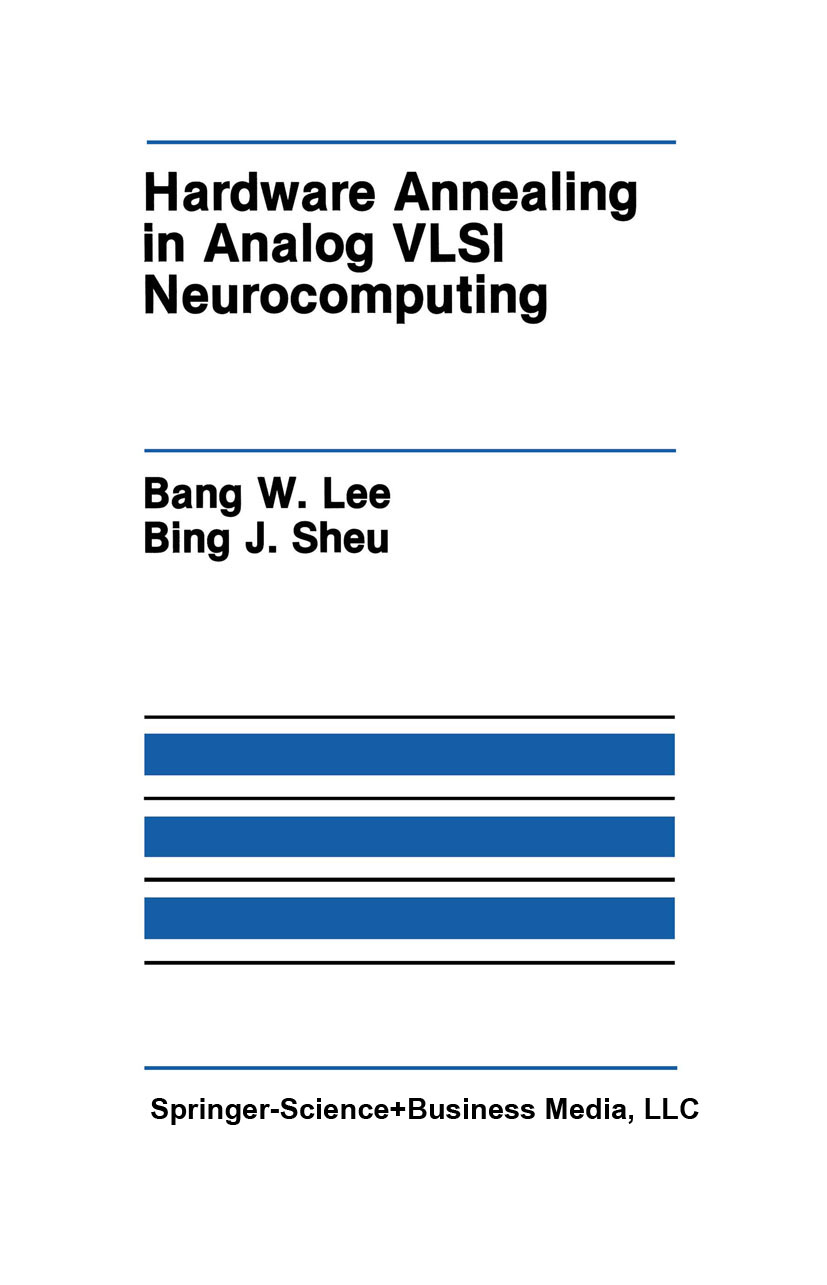
Hardware Annealing in Analog VLSI Neurocomputing Rapid advances in neural sciences and VLSI design technologies have provided an excellent means to boost the computational capability and efficiency of data and signal processing tasks by several orders of magnitude. With massively parallel processing capabilities, artificial neural networks can be used to solve many engineering and scientific problems. Due to the optimized data communication structure for artificial intelligence applications, a neurocomputer is considered as the most promising sixth-generation computing machine. Typical applica tions of artificial neural networks include associative memory, pattern classification, early vision processing, speech recognition, image data compression, and intelligent robot control. VLSI neural circuits play an important role in exploring and exploiting the rich properties of artificial neural networks by using pro grammable synapses and gain-adjustable neurons. Basic building blocks of the analog VLSI neural networks consist of operational amplifiers as electronic neurons and synthesized resistors as electronic synapses. The synapse weight information can be stored in the dynamically refreshed capacitors for medium-term storage or in the floating-gate of an EEPROM cell for long-term storage. The feedback path in the amplifier can continuously change the output neuron operation from the unity-gain configuration to a high-gain configuration. The adjustability of the vol tage gain in the output neurons allows the implementation of hardware annealing in analog VLSI neural chips to find optimal solutions very efficiently. Both supervised learning and unsupervised learning can be implemented by using the programmable neural chips. TECHNOLOGY & ENGINEERING,Electrical
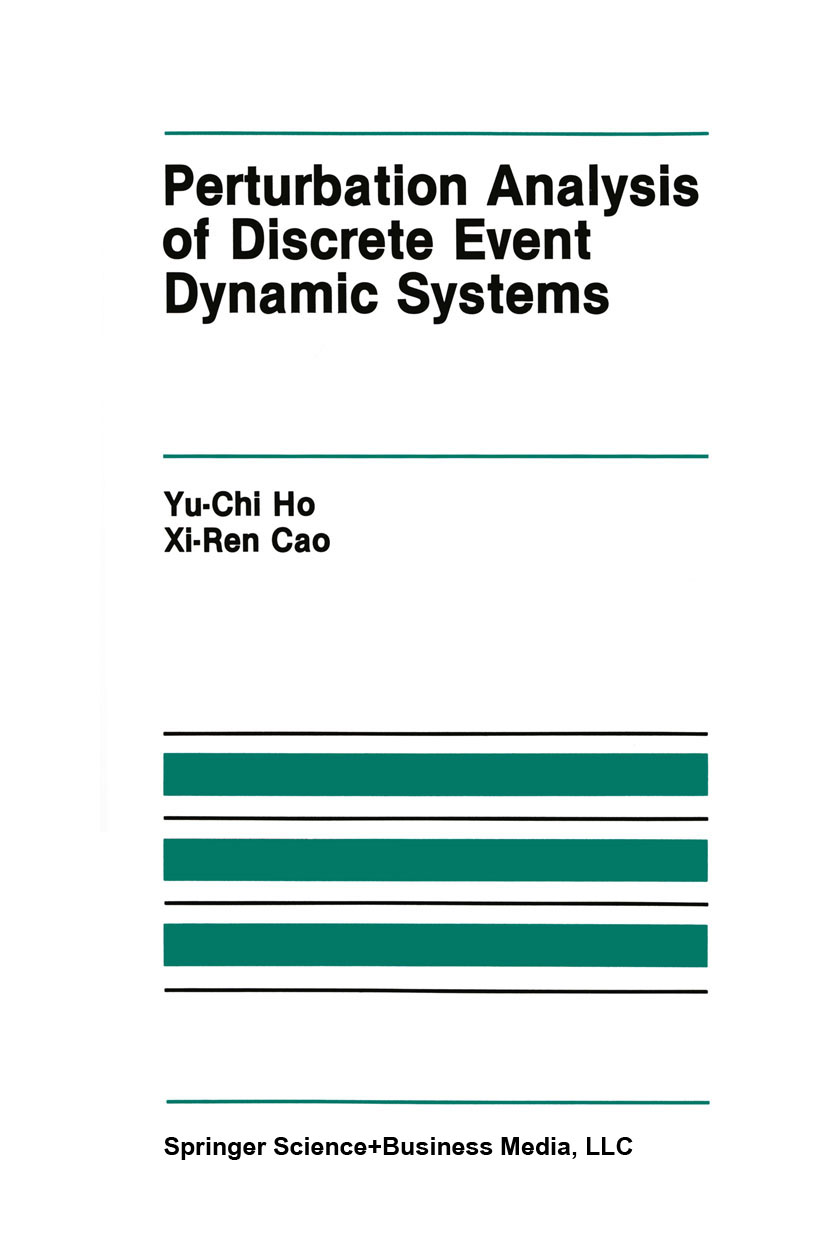
Perturbation Analysis of Discrete Event Dynamic Systems Dynamic Systems (DEDS) are almost endless: military C31 Ilogistic systems, the emergency ward of a metropolitan hospital, back offices of large insurance and brokerage fums, service and spare part operations of multinational fums . . . . the point is the pervasive nature of such systems in the daily life of human beings. Yet DEDS is a relatively new phenomenon in dynamic systems studies. From the days of Galileo to Newton to quantum mechanics and cosmology of the present, dynamic systems in nature are primarily differential equations based and time driven. A large literature and endless success stories have been built up on such Continuous Variable Dynamic Systems (CVDS). It is, however, equally clear that DEDS are fundamentally different from CVDS. They are event driven, asynchronous, mostly man-made and only became significant during the past generation. Increasingly, however, it can be argued that in the modem world our lives are being impacted by and dependent upon the efficient operations of such DEDS. Yet compared to the successful paradigm of differential equations for CVDS the mathematical modelling of DEDS is in its infancy. Nor are there as many successful and established techniques for their analysis and synthesis. The purpose of this series is to promote the study and understanding of the modelling, analysis, control, and management of DEDS. The idea of the series came from editing a special issue of the Proceedings of IEEE on DEOS during 1988. TECHNOLOGY & ENGINEERING,Electrical
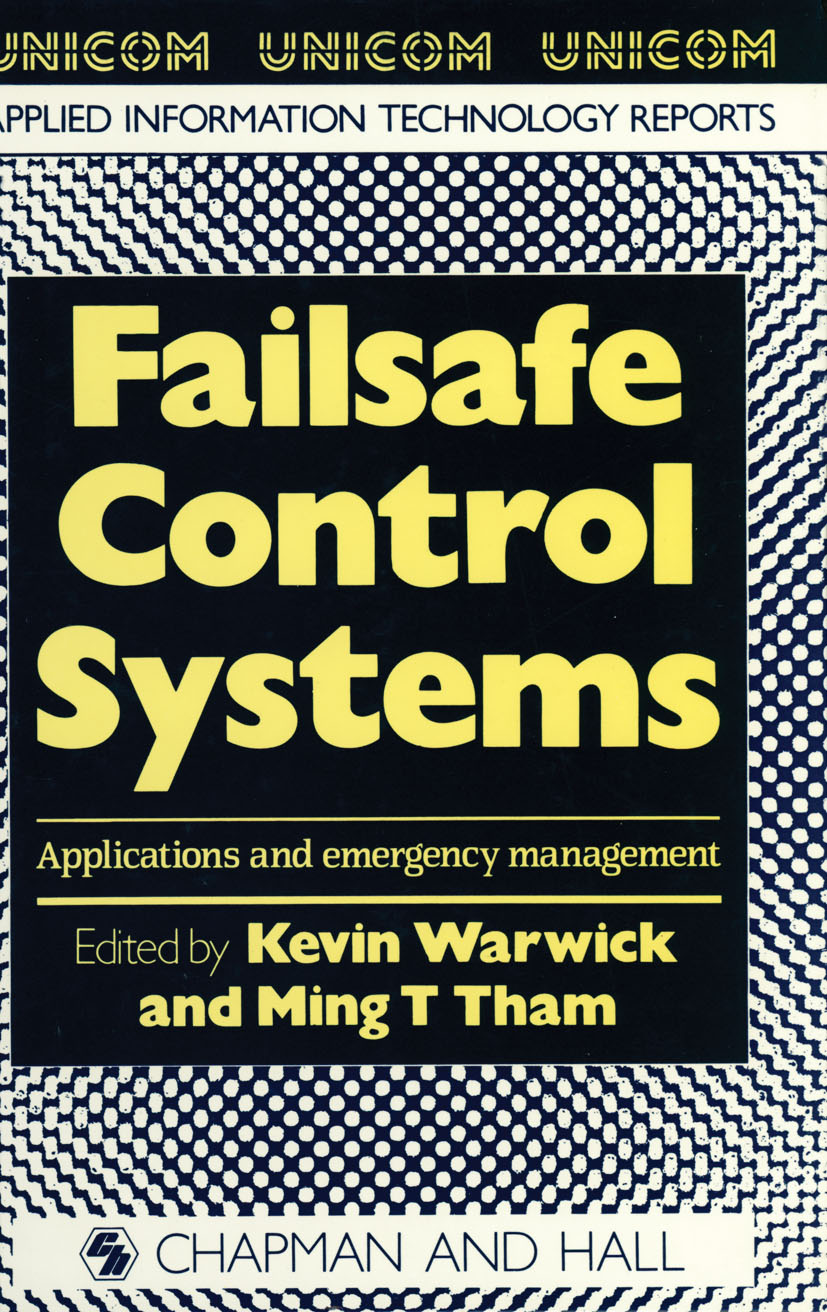
Failsafe Control Systems 11 . 2 Study objectives 147 11 . 3 Approach to analysis 147 11. 4 Presentation and discussion of results 151 11 . 5 Conclusions 165 12 Accident management and failure analysis G. C. Meggitt 170 12. 1 Introduction 170 12. 2 Nuclear safety 170 12. 3 The accident 171 12. 4 The accident response 171 12. 5 The automatic response 171 12. 6 The tailored response 173 12. 7 The emergency plan 181 13 Decision support systems and emergency management M. Grauer 182 13. 1 Introduction 182 13. 2 The problem 183 13. 3 The multiple-criteria approach 184 3 13. 4 OveNiew of the 1-decision support software 186 13. 5 A case study from chemical industry 189 13. 6 Conclusions 195 References 196 14 Safety integrity management using expert systems Dr P. Andow 198 14. 1 Introduction 198 14. 2 Safety and risk analysis 198 14. 3 The effects of applying safety and risk analysis 199 14. 4 Safety integrity management 201 14. 5 Knowledge-base contents 204 14. 6 Summary of system functions 204 14. 7 Discussion 205 References 205 15 Power system alarm analysis and fault diagnosis using expert systems P. H. Ashmole 207 15. 1 Introduction 207 15. 2 Expert systems for power system alarm analysis already developed 208 15. 3 Existing substation control arrangements 209 15. 4 Discussion of alarm data flow 210 15. 5 Expert system requirements 210 15. 6 User interface 211 15. 7 Requirements under different fault conditions 211 15. TECHNOLOGY & ENGINEERING,Electrical
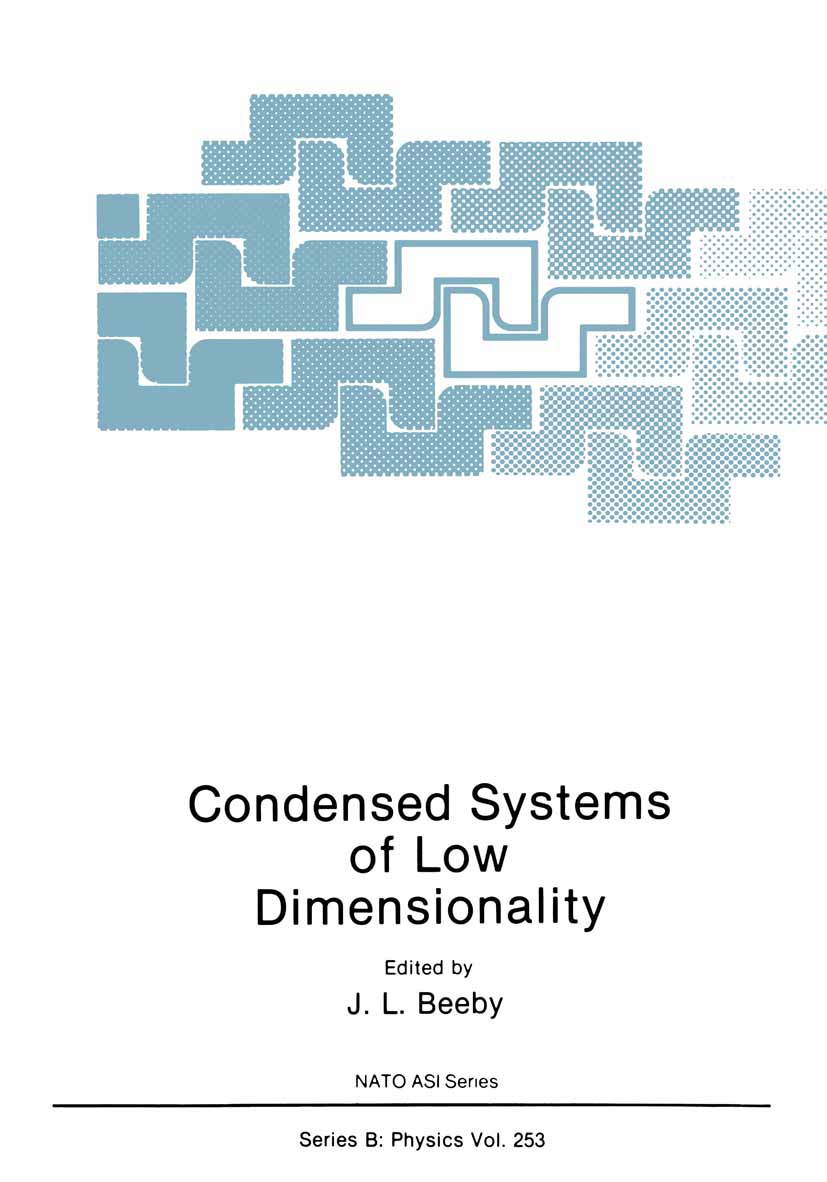
Condensed Systems of Low Dimensionality Proceedings of a NATO ARW held in Marmaris, Turkey, April 23--27, 1990 TECHNOLOGY & ENGINEERING,Electrical
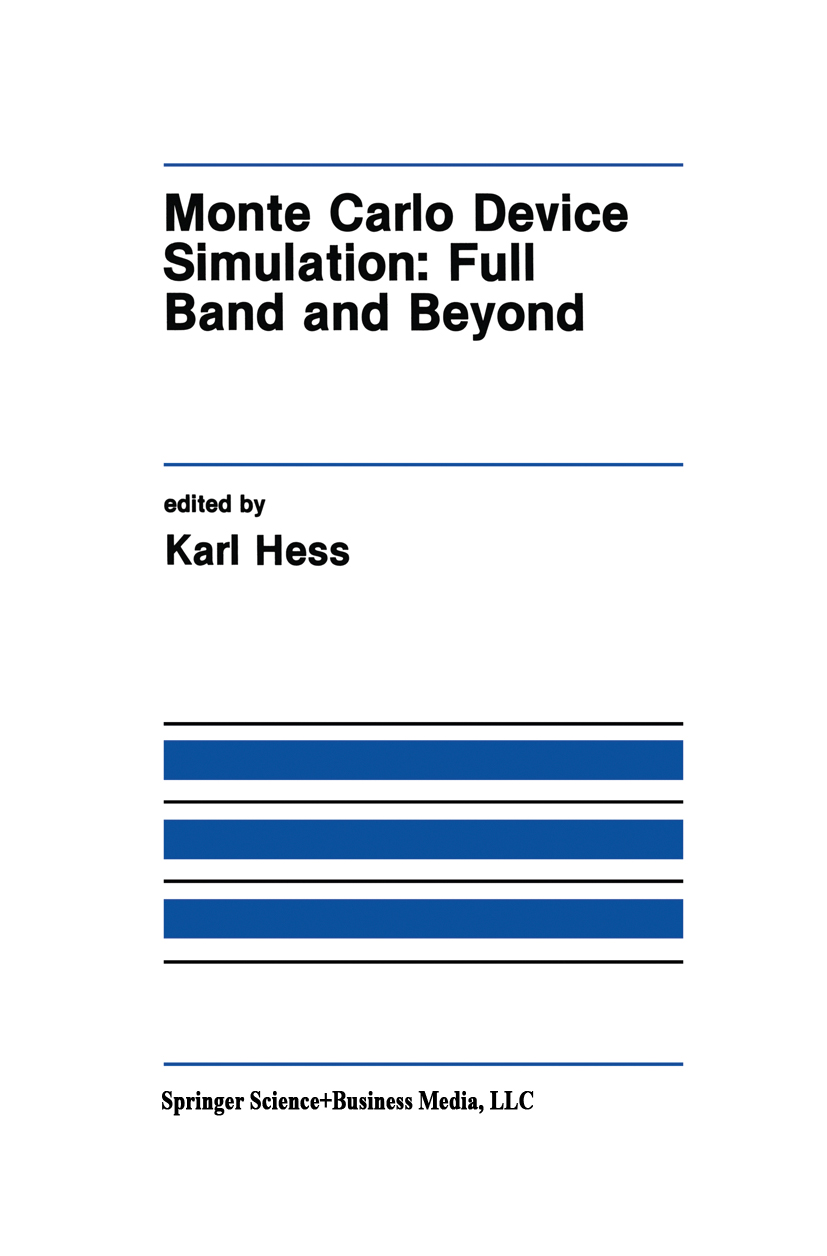
Monte Carlo Device Simulation Monte Carlo simulation is now a well established method for studying semiconductor devices and is particularly well suited to highlighting physical mechanisms and exploring material properties. Not surprisingly, the more completely the material properties are built into the simulation, up to and including the use of a full band structure, the more powerful is the method. Indeed, it is now becoming increasingly clear that phenomena such as reliabil ity related hot-electron effects in MOSFETs cannot be understood satisfac torily without using full band Monte Carlo. The IBM simulator DAMOCLES, therefore, represents a landmark of great significance. DAMOCLES sums up the total of Monte Carlo device modeling experience of the past, and reaches with its capabilities and opportunities into the distant future. This book, therefore, begins with a description of the IBM simulator. The second chapter gives an advanced introduction to the physical basis for Monte Carlo simulations and an outlook on why complex effects such as collisional broadening and intracollisional field effects can be important and how they can be included in the simulations. References to more basic intro the book. The third chapter ductory material can be found throughout describes a typical relationship of Monte Carlo simulations to experimental data and indicates a major difficulty, the vast number of deformation poten tials required to simulate transport throughout the entire Brillouin zone. The fourth chapter addresses possible further extensions of the Monte Carlo approach and subtleties of the electron-electron interaction. TECHNOLOGY & ENGINEERING,Electrical

Mathematical Models of Hysteresis The purpose of this book is to describe in sufficient detail the mathematical models of hysteresis nonlinearities with "nonlocal memories. " The distinct feature of these nonlinearities is that their future states depend on past histories of input variations. It turns out that memories of hysteresis nonlinearities are quite selective. Indeed, experiments show that only some past input extrema (not the entire input variations) leave their marks upon future states of hysteresis nonlinearities. Thus, special mathematical tools are needed to describe nonlocal selective memories of hysteresis nonlinearities. The origin of such tools can be traced back to the landmark paper of Preisach. The book is primarily concerned with Preisach-type models of hysteresis. All these models have a common generic feature; they are constructed as superposi tions of simplest hysteresis nonlinearities-rectangular loops. The discussion is by and large centered around the following topics: various generalizations and extensions of the classical Preisach model (with special emphasis on vector generalizations), finding of necessary and sufficient conditions for the represen tation of actual hysteresis nonlinearities by various Preisach-type models, solution of identification problems for these models, and numerical implementa tion and experimental testing of Preisach-type models. Although the study of Preisach-type models constitutes the main subject of the book, some effort is also made to establish some interesting connections between these models and such topics as the critical state model for superconducting hysteresis, the classi cal Stoner-Wohlfarth model for vector magnetic hysteresis, thermal activation type models for viscosity, magnetostrictive hysteresis and neural networks. TECHNOLOGY & ENGINEERING,Electrical
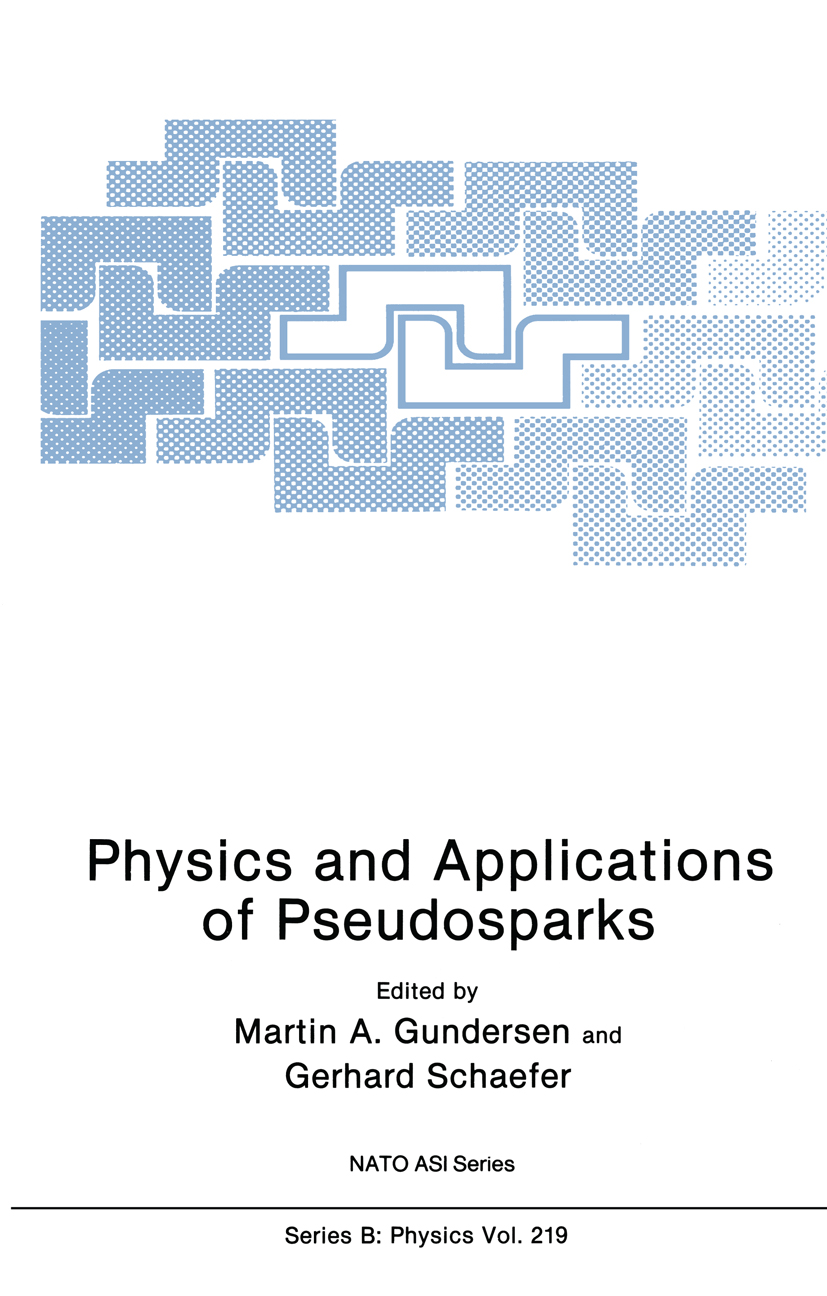
Physics and Applications of Pseudosparks Proceedings of a NATO ARW held in Lillehamma, Norway, July 17-21, 1989 TECHNOLOGY & ENGINEERING,Electrical
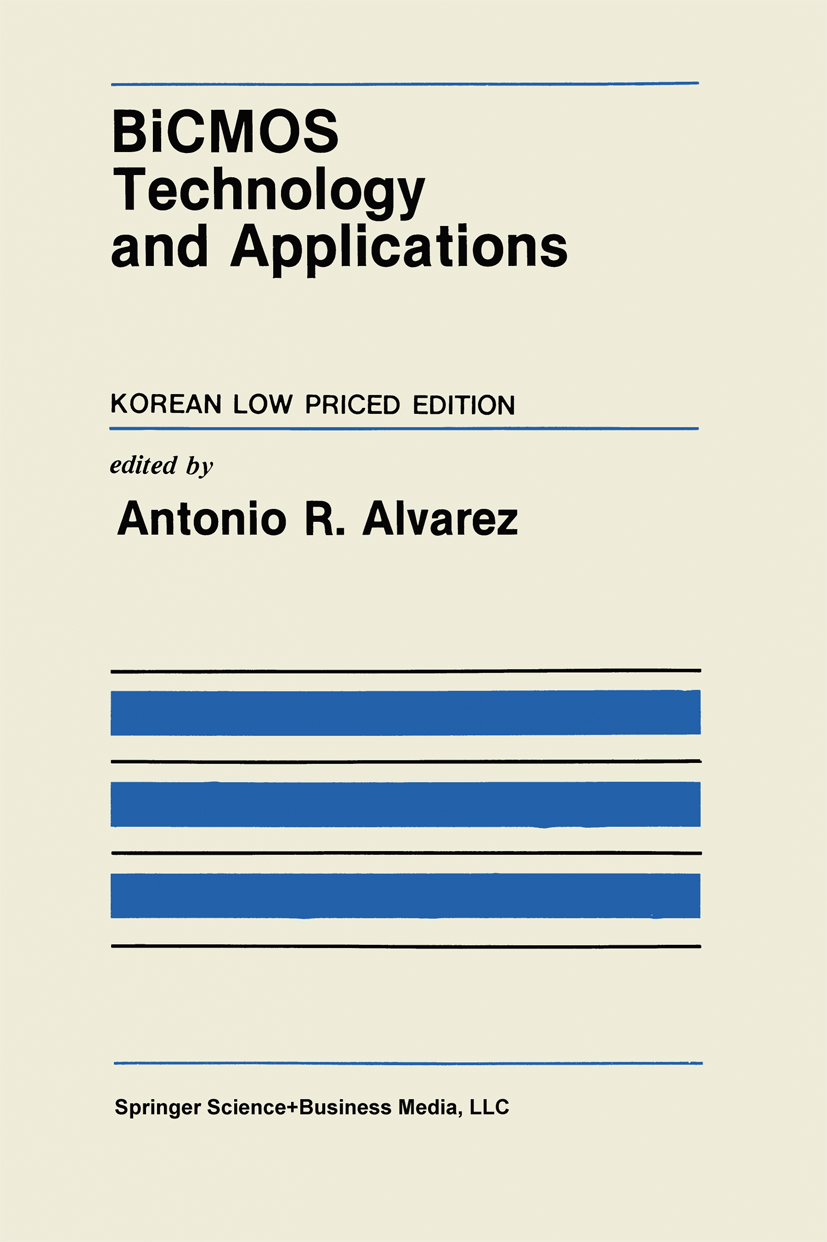
BiCMOS Technology and Applications The topic of bipolar compatible CMOS (BiCMOS) is a fascinating one and of ever-growing practical importance. The "technology pendulum" has swung from the two extremes of preeminence of bipolar in the 1950s and 60s to the apparent endless horizons for VLSI NMOS technology during the 1970s and 80s. Yet starting in the 1980s severallimits were clouding the horizon for pure NMOS technology. CMOS reemerged as a· viable high density, high performance technology. Similarly by the mid 1980s scaled bipolar devices had not only demonstrated new high speed records, but early versions of mixed bipolar/CMOS technology were being produced. Hence the paradigm of either high density . Q[ high speed was metamorphasizing into an opportunity for both speed and density via a BiCMOS approach. Now as we approach the 1990s there have been a number of practical demonstrations of BiCMOS both for memory and logic applications and I expect the trend to escalate over the next decade. This book makes a timely contribution to the field of BiCMOS technology and circuit development. The evolution is now indeed rapid so that it is difficult to make such a book exhaustive of current developments. Probably equally difficult is the fact that the new technology opens a range of novel circuit opportunities that are as yet only formative in their development. Given these obstacles it is a herculean task to try to assemble a book on BiCMOS. TECHNOLOGY & ENGINEERING,Electrical
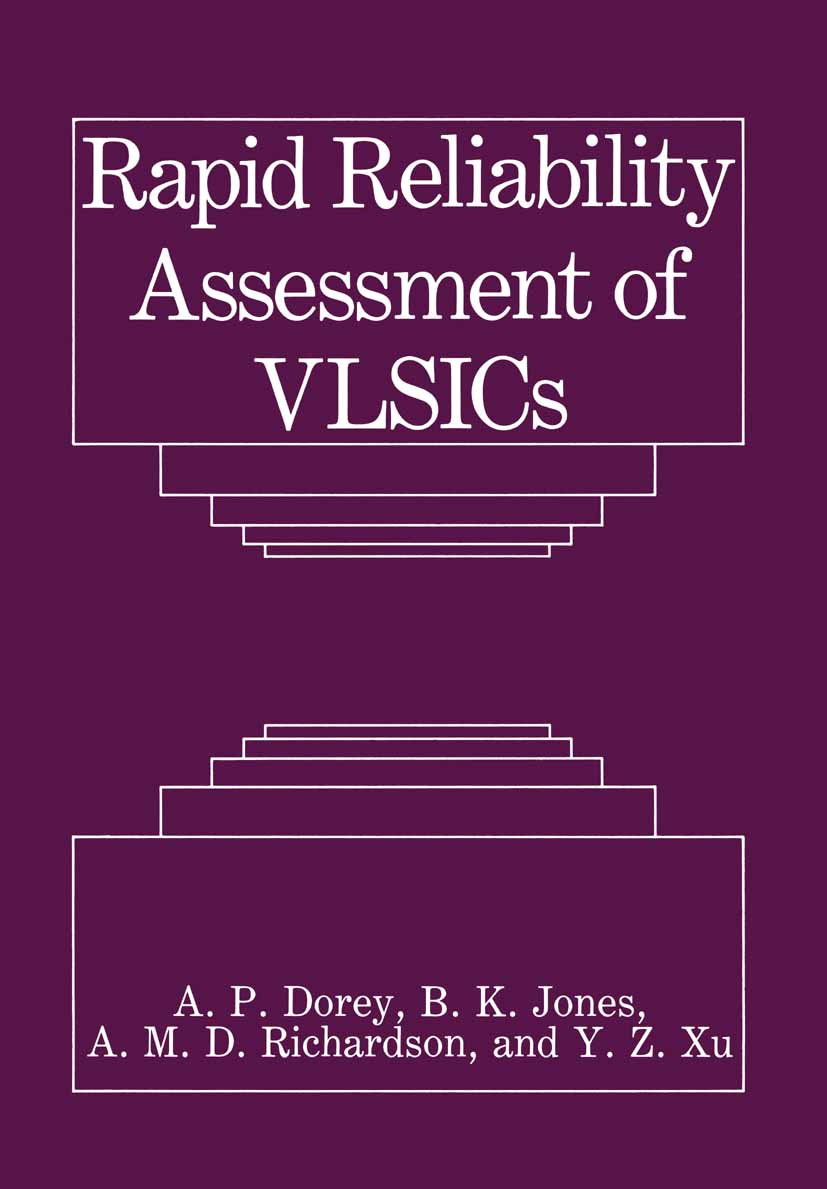
Rapid Reliability Assessment of VLSICs The increasing application of integrated circuits in situations where high reliability is needed places a requirement on the manufacturer to use methods of testing to eliminate devices that may fail on service. One possible approach that is described in this book is to make precise electrical measurements that may reveal those devices more likely to fail. The measurements assessed are of analog circuit parameters which, based on a knowledge of failure mechanisms, may indicate a future failure. . To incorporate these tests into the functional listing of very large scale integrated circuits consideration has to be given to the sensitivity of the tests where small numbers of devices may be defective in a complex circuit. In addition the tests ideally should require minimal extra test time. A range of tests has been evaluated and compared with simulation used to assess the sensitivity of the measurements. Other work in the field is fully referenced at the end of each chapter. The team at Lancaster responsible for this book wish to thank the Alvey directorate and SERe for the necessary support and encouragement to publish our results. We would also like to thank John Henderson, recently retired from the British Telecom Research Laboratories, for his cheerful and enthusiastic encouragement. Trevor Ingham, now in New Zealand, is thanked for his early work on the project. TECHNOLOGY & ENGINEERING,Electrical
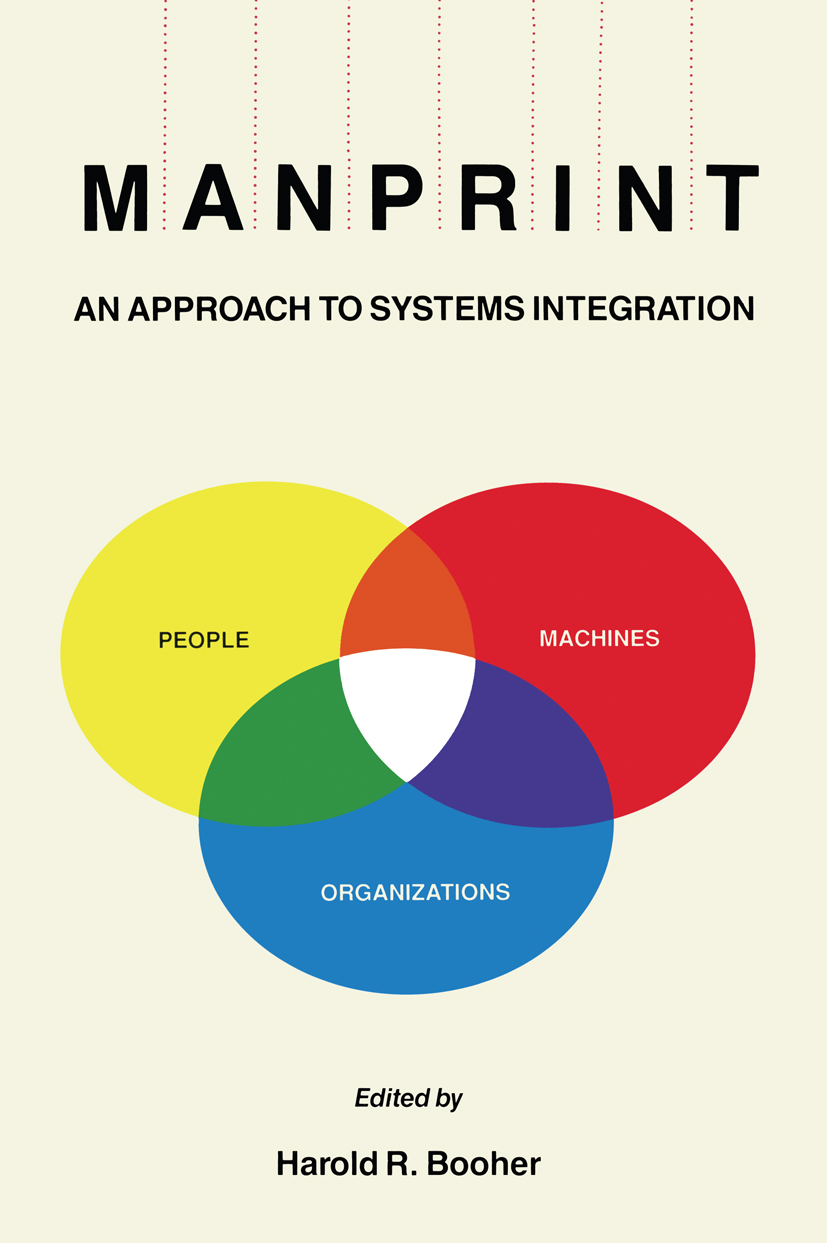
Manprint PERSPECTIVE This book is important to everyone concerned with the design and development of people-oriented systems. The Manpower and Personnel Integration (MANPRINT) program is a major military system procurement initiative adopted by the Army to focus on the needs and capabilities of the soldier. This program is unique in that it integrates six areas of user concerns which include human factors engineering, manpower, personnel, training, health hazards, and system safety throughout the development cycle of Army materiel. Even though MAN PRINT was developed for Army systems, the philosophy and techniques used in this program extend well beyond military systems used by soldiers. It can be applied to all products and systems used by people such as automobiles, airplanes, boats, control rooms, automated manufacturing, telecommunications, computers, and medical equipment. Interestingly, the impetus for MAN PRINT came from the senior managers who buy these systems. During the early and mid-1980s, two Army generals, M. R. Thurman and R. M. Elton, who served successively as the Deputy Chief of Staff for Personnel, were instrumental in fostering MANPRINT development. By the end of the 1980s, this program was integrated throughout the standard procurement system of the Army. The formal statement of acquisition policy is contained in Army Regulation 602-2. TECHNOLOGY & ENGINEERING,Electrical
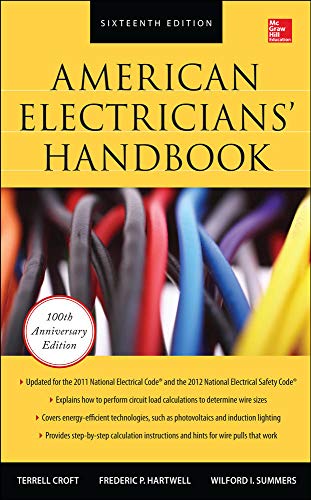
American Electricians' Handbook, Sixteenth Edition FULLY UPDATED FOR THE LATEST ELECTRICAL CODES AND STANDARDS For a century, the American Electricians' Handbook has served as the definitive industry reference for information on designing, installing, operating, and maintaining electrical systems and equipment. The Sixteenth Edition is revised to comply with the 2011 National Electrical Code and the 2012 National Electrical Safety Code, and covers current energy-efficient technologies, such as photovoltaics and induction lighting. Detailed photos, diagrams, charts, tables, and calculations are included throughout. This practical, on-the-job resource is a must-have tool for every professional electrician. Covers: Fundamentals Properties and splicing of conductors Circuits and circuit calculations General electrical equipment and batteries Transformers Solid-state devices and circuits Generators and motors Outside distribution Interior wiring Electric lighting Optical fiber Wiring and design tables TECHNOLOGY & ENGINEERING,Electrical
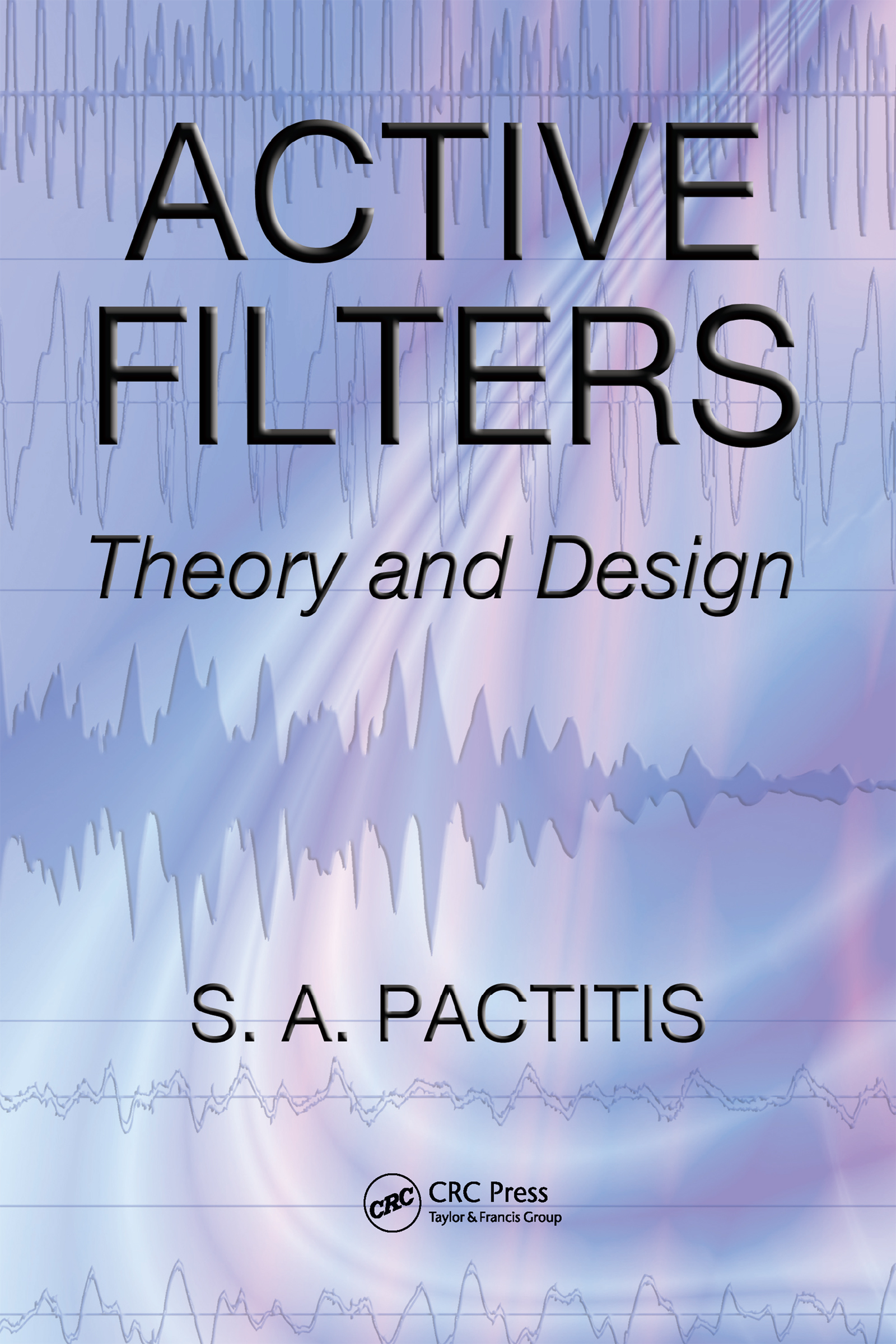
Active Filters Using an accessible yet rigorous approach, Active Filters: Theory and Design highlights the essential role of filters, especially analog active filters, in applications for seismology, brainwave research, speech and hearing studies, and other medical electronics. The book demonstrates how to design filters capable of meeting a given set of specifications. Recognizing that circuit simulation by computer has become an indispensable verification tool both in analysis and in design, the author emphasizes the use of MicroCap for rapid test of the filter. He uses three basic filter types throughout the book: Butterworth, Chenyshev, and Bessel. These three types of filters are implemented with the Sallen-Key, infinite gain multiple feedback, state-variable, and biquad circuits that yield low-pass, high-pass, band-pass, and band-reject circuits. The book illustrates many examples of low-pass, high-pass, band-pass, and notch active filters in complete detail, including frequency normalizing and denormalizing techniques. Design equations in each chapter provide students with a thorough grounding in how to implement designs. This detailed theoretical treatment gives you the tools to teach your students how to master filter design and analysis. TECHNOLOGY & ENGINEERING,Electrical
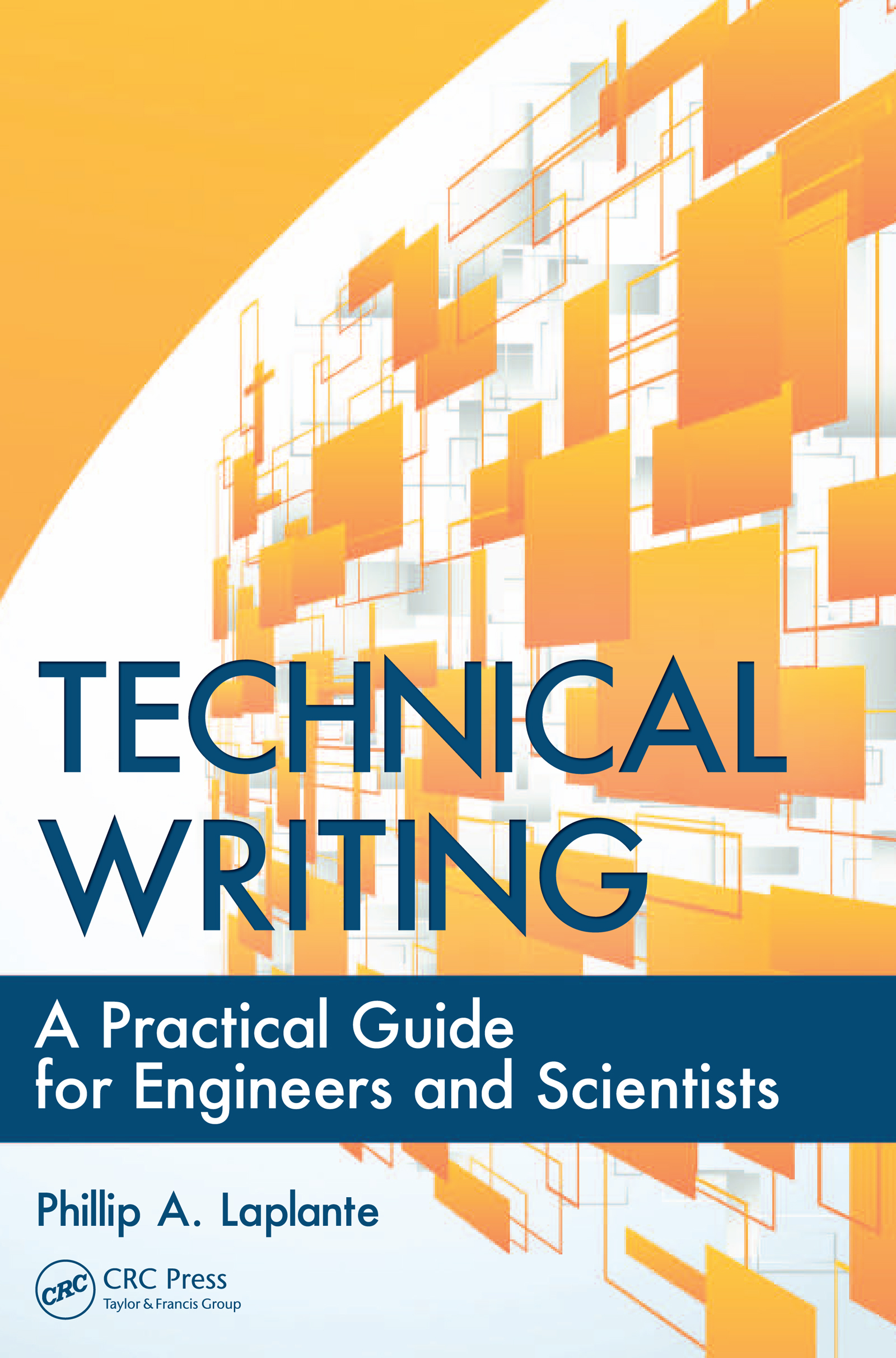
Technical Writing Engineers and scientists of all types are often required to write reports, summaries, manuals, guides, and so forth. While these individuals certainly have had some sort of English or writing course, it is less likely that they have had any instruction in the special requirements of technical writing. Filling this void, Technical Writing: A Practical Guide for Engineers and Scientists enables readers to write, edit, and publish materials of a technical nature, including books, articles, reports, and electronic media. Written by a renowned engineer and widely published technical author, this guide complements the traditional writer’s reference manuals and other books on technical writing. It helps readers understand the practical considerations in writing technical content. Drawing on his own work, the author presents many first-hand examples of writing, editing, and publishing technical materials. These examples illustrate how a publication originated as well as various challenges and solutions. TECHNOLOGY & ENGINEERING,Electrical
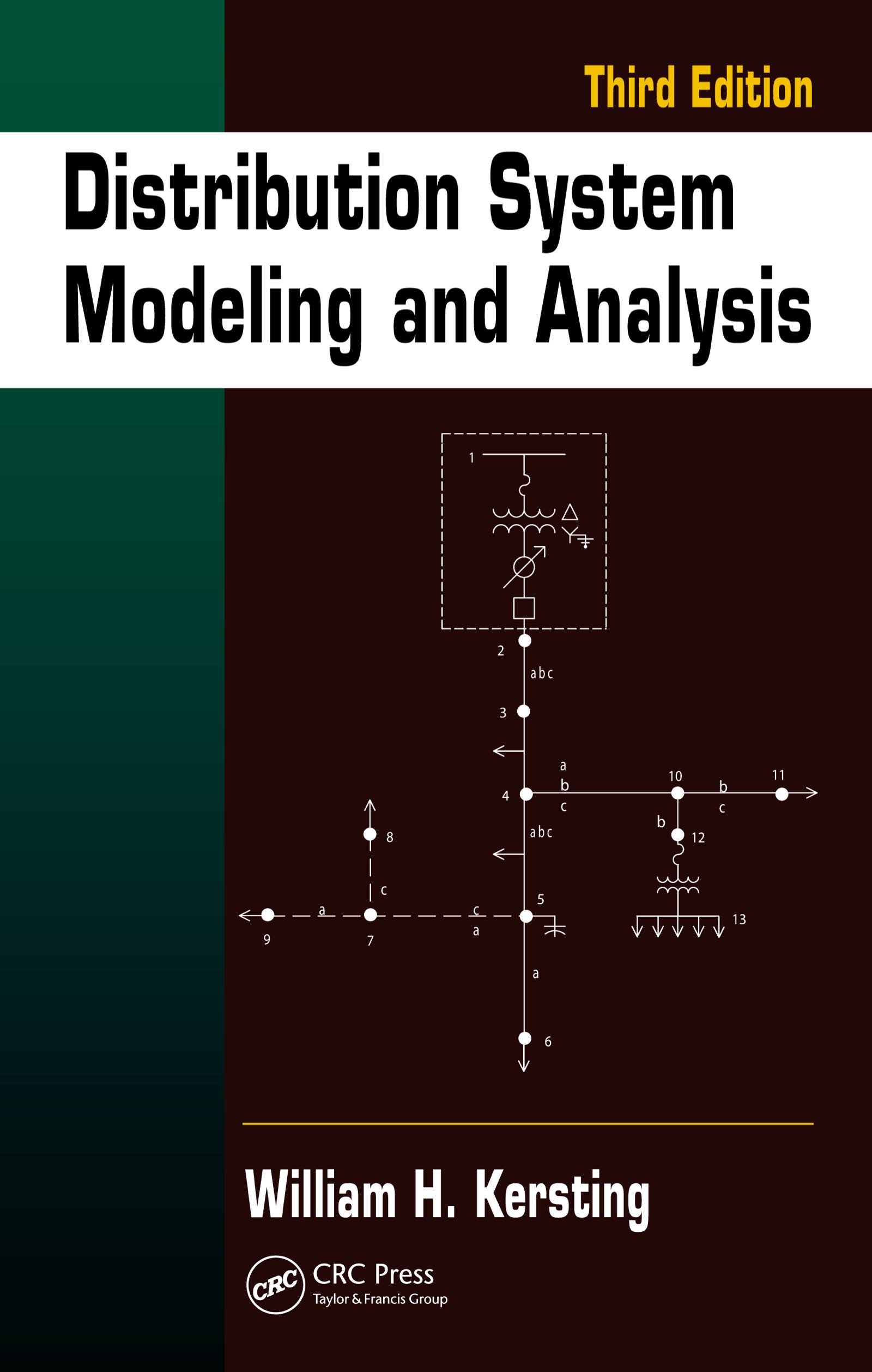
Distribution System Modeling and Analysis Updated to reflect the latest changes and advances in the field, Distribution System Modeling and Analysis, Third Edition again illustrates methods that will ensure the most accurate possible results in computational modeling for electric power distribution systems. With the same simplified approach of previous editions, this book clearly explains the principles and mathematics behind system models, also discussing the "smart grid" concept and its special benefits. However, this volume adds a crucial element not found in previous editions. The first two books developed models for all components but focused less on how to actually implement those models on a computer for planning and for real-time analysis. This book includes numerous models of components and several practical examples, to demonstrate how engineers can apply and customize computer programs to help them plan and operate systems. It also covers approximation methods to help users interpret computer program feedback, so they recognize when a result is not what it should be. Another improvement is the book’s earlier introduction (in chapter 4) of the modified ladder iterative technique. The author explains the need for this method—which is used in most distribution analysis programs—detailing how it is applied and why it is among the most powerful options. Concluding with a detailed summary of presented topics that readers have come to expect, this edition provides useful problems, references, and assignments that help users apply Mathcad® and WIndmil programs to put their new learning into practice. An invaluable tool for engineering students and professionals worldwide, this book explores cutting-edge advances in modeling, simulation, and analysis of distribution systems that can ensure the continued dispersal of safe, reliable energy.Watch William H. Kerstig talk about his book at: http://www.youtube.com/watch?v=qmlDiH1ntuE TECHNOLOGY & ENGINEERING,Electrical
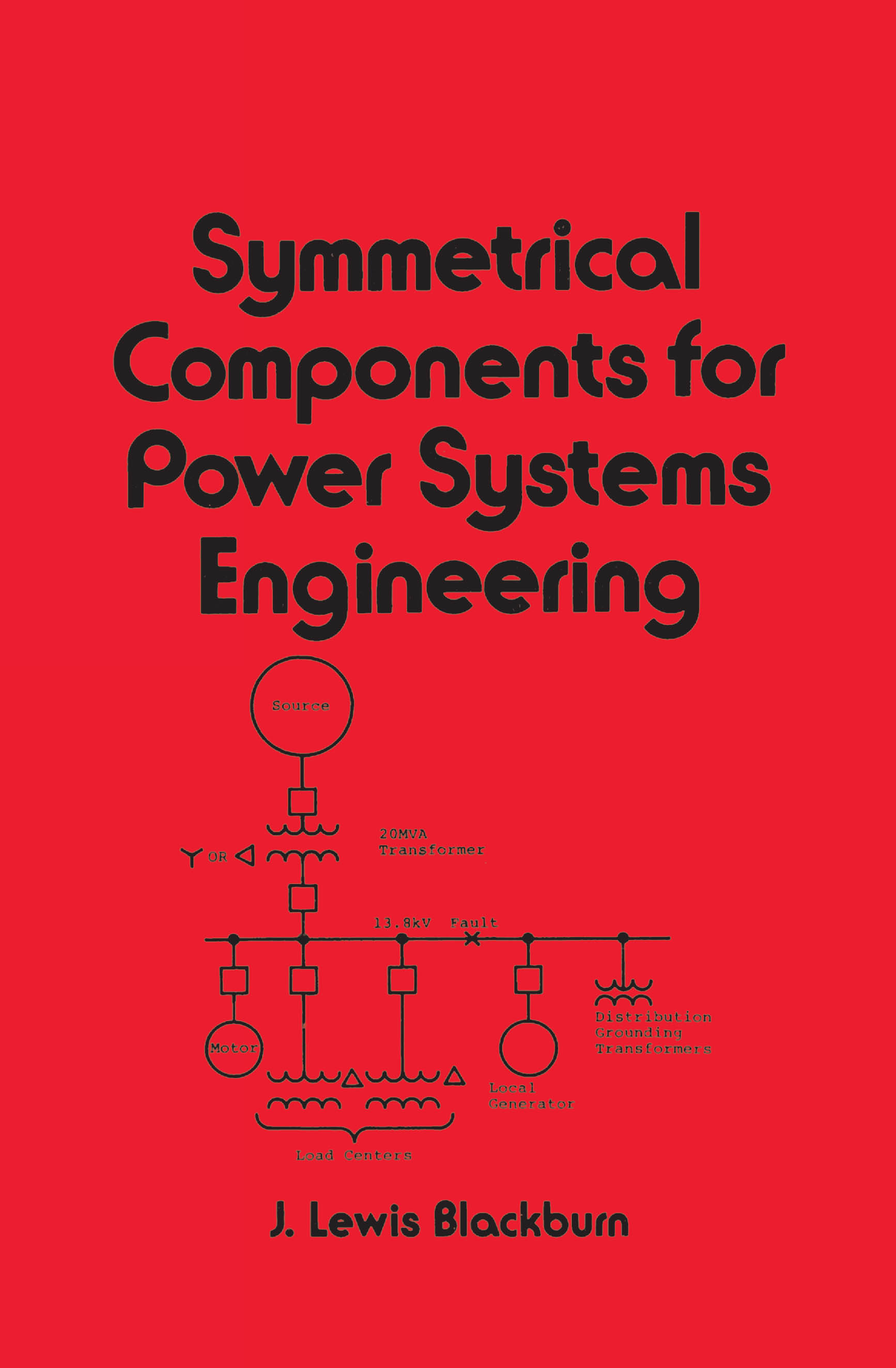
Symmetrical Components for Power Systems Engineering Emphasizing a practical conception of system unbalances, basic circuits, and calculations, this essential reference/text presents the foundations of symmetrical components with a review of per unit (percent), phasors, and polarity--keeping the mathematics as simple as possible throughout. According to IEEE Electrical Insulation Magazine, this book "…provides students and practicing engineers with a fundamental understanding of the method of symmetrical components and its applications in three-phase electrical systems. . .A useful feature of this book. . .is the incorporation of numerous examples in the text and 30 pages of problems." TECHNOLOGY & ENGINEERING,Electrical
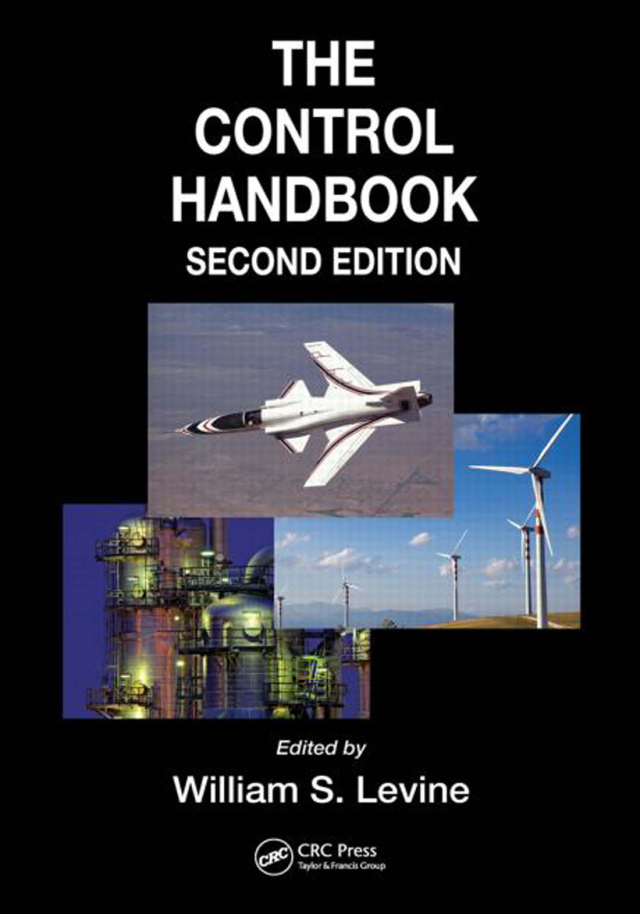
The Control Handbook (three volume set) At publication, The Control Handbook immediately became the definitive resource that engineers working with modern control systems required. Among its many accolades, that first edition was cited by the AAP as the Best Engineering Handbook of 1996. Now, 15 years later, William Levine has once again compiled the most comprehensive and authoritative resource on control engineering. He has fully reorganized the text to reflect the technical advances achieved since the last edition and has expanded its contents to include the multidisciplinary perspective that is making control engineering a critical component in so many fields. Now expanded from one to three volumes, The Control Handbook, Second Edition brilliantly organizes cutting-edge contributions from more than 200 leading experts representing every corner of the globe. They cover everything from basic closed-loop systems to multi-agent adaptive systems and from the control of electric motors to the control of complex networks. Progressively organized, the three volume set includes: Control System Fundamentals Control System Applications Control System Advanced Methods Any practicing engineer, student, or researcher working in fields as diverse as electronics, aeronautics, or biomedicine will find this handbook to be a time-saving resource filled with invaluable formulas, models, methods, and innovative thinking. In fact, any physicist, biologist, mathematician, or researcher in any number of fields developing or improving products and systems will find the answers and ideas they need. As with the first edition, the new edition not only stands as a record of accomplishment in control engineering but provides researchers with the means to make further advances. TECHNOLOGY & ENGINEERING,Electrical
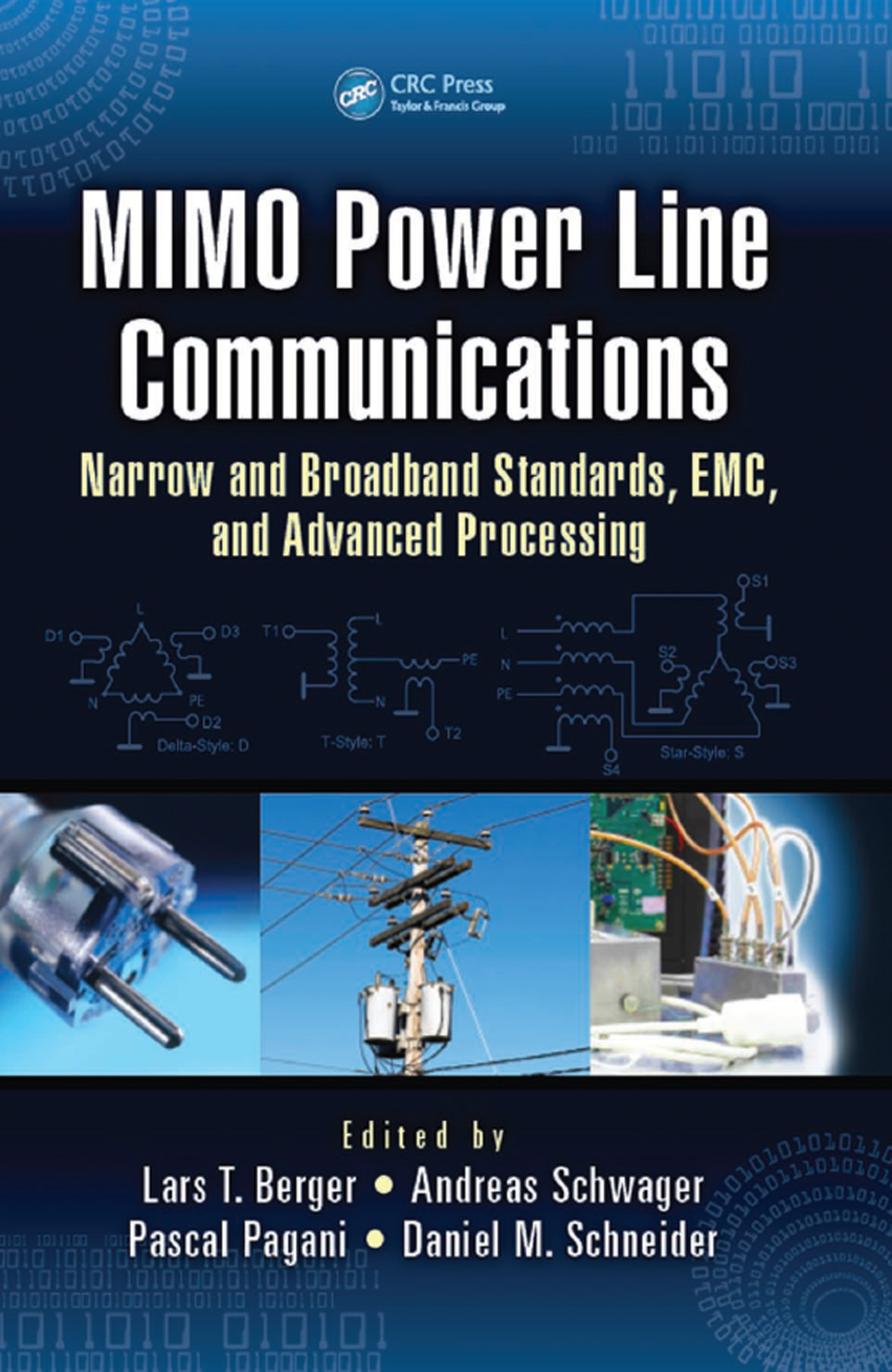
MIMO Power Line Communications One of the first publications of its kind in the exciting field of multiple input multiple output (MIMO) power line communications (PLC), MIMO Power Line Communications: Narrow and Broadband Standards, EMC, and Advanced Processing contains contributions from experts in industry and academia, making it practical enough to provide a solid understanding of how PLC technologies work, yet scientific enough to form a base for ongoing R&D activities. This book is subdivided into five thematic parts. Part I looks at narrow- and broadband channel characterization based on measurements from around the globe. Taking into account current regulations and electromagnetic compatibility (EMC), part II describes MIMO signal processing strategies and related capacity and throughput estimates. Current narrow- and broadband PLC standards and specifications are described in the various chapters of part III. Advanced PLC processing options are treated in part IV, drawing from a wide variety of research areas such as beamforming/precoding, time reversal, multi-user processing, and relaying. Lastly, part V contains case studies and field trials, where the advanced technologies of tomorrow are put into practice today. Suitable as a reference or a handbook, MIMO Power Line Communications: Narrow and Broadband Standards, EMC, and Advanced Processing features self-contained chapters with extensive cross-referencing to allow for a flexible reading path. TECHNOLOGY & ENGINEERING,Electrical
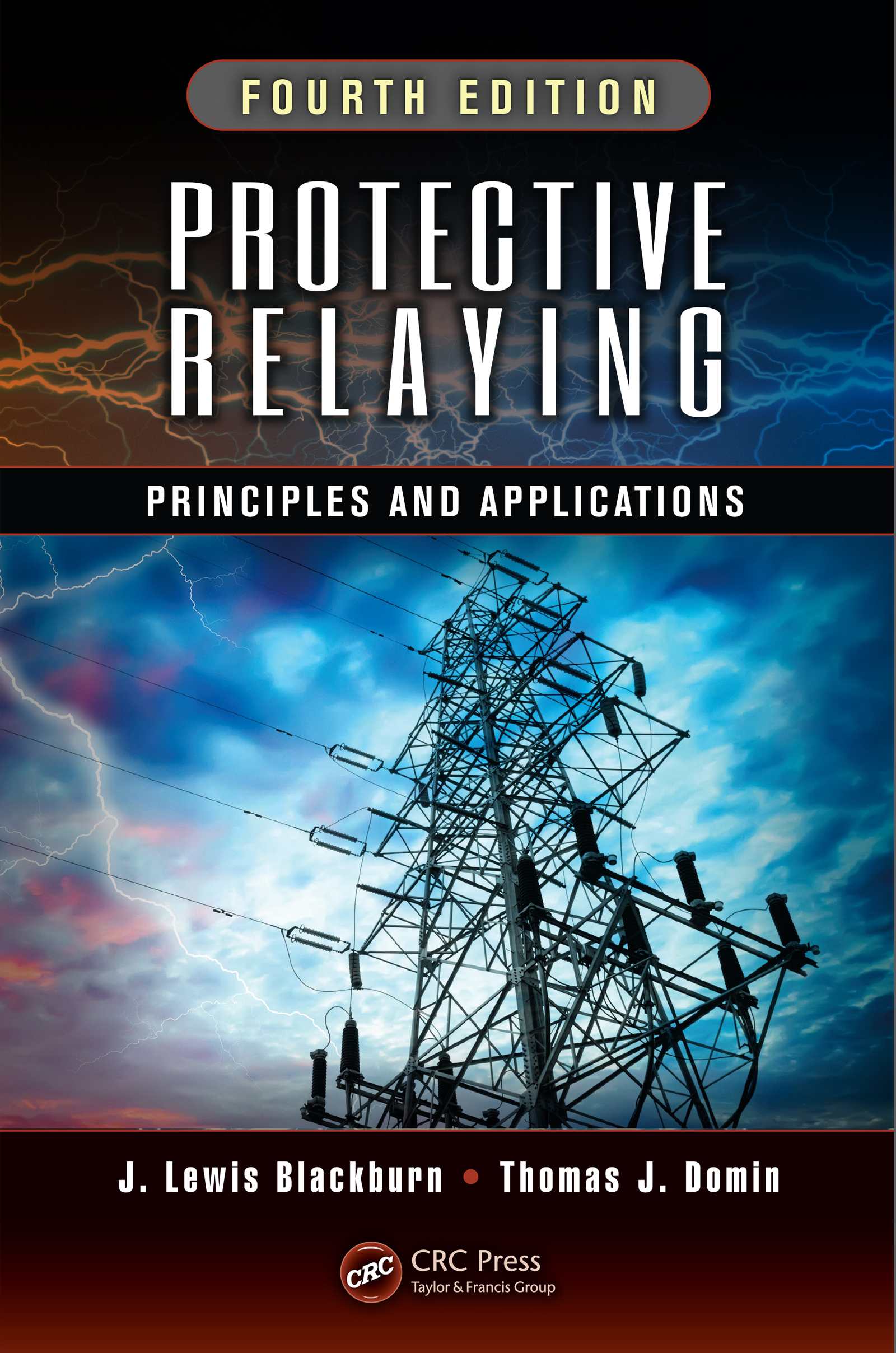
Protective Relaying For many years, Protective Relaying: Principles and Applications has been the go-to text for gaining proficiency in the technological fundamentals of power system protection. Continuing in the bestselling tradition of the previous editions by the late J. Lewis Blackburn, the Fourth Edition retains the core concepts at the heart of power system analysis. Featuring refinements and additions to accommodate recent technological progress, the text: Explores developments in the creation of smarter, more flexible protective systems based on advances in the computational power of digital devices and the capabilities of communication systems that can be applied within the power grid Examines the regulations related to power system protection and how they impact the way protective relaying systems are designed, applied, set, and monitored Considers the evaluation of protective systems during system disturbances and describes the tools available for analysis Addresses the benefits and problems associated with applying microprocessor-based devices in protection schemes Contains an expanded discussion of intertie protection requirements at dispersed generation facilities Providing information on a mixture of old and new equipment, Protective Relaying: Principles and Applications, Fourth Edition reflects the present state of power systems currently in operation, making it a handy reference for practicing protection engineers. And yet its challenging end-of-chapter problems, coverage of the basic mathematical requirements for fault analysis, and real-world examples ensure engineering students receive a practical, effective education on protective systems. Plus, with the inclusion of a solutions manual and figure slides with qualifying course adoption, the Fourth Edition is ready-made for classroom implementation. TECHNOLOGY & ENGINEERING,Electrical

Reeds Vol 15 Divided into three sections, the book covers the complete syllabus for Electrotechnology Officers as specified by the Association of Marine Electronic and Radio Colleges (AMERC), with a series of worked examples and self-study questions to assist in student understanding. The book introduces basic electronics, the theory of how a range of navigational aids works, and radio communications including GMDSS. Fault find to component and sub system level is also included. Importantly, this is the first textbook to be aimed primarily at ETOs, covering the changes to the STCW 2010. An essential buy. TECHNOLOGY & ENGINEERING,Electrical
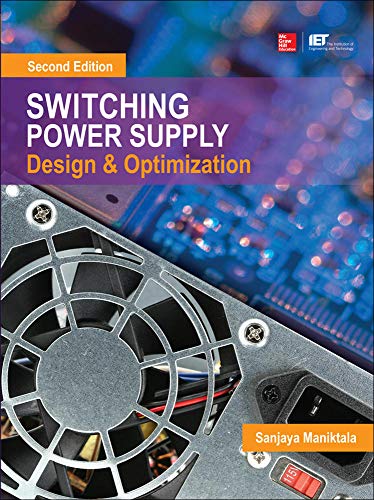
Switching Power Supply Design and Optimization, Second Edition The latest techniques for designing state-of-the-art power supplies, including resonant (LLC) converters Extensively revised throughout, Switching Power Supply Design & Optimization, Second Edition, explains how to design reliable, high-performance switching power supplies for today's cutting-edge electronics. The book covers modern topologies and converters and features new information on designing or selecting bandgap references, transformer design using detailed new design charts for proximity effects, Buck efficiency loss teardown diagrams, active reset techniques, topology morphology, and a meticulous AC-DC front-end design procedure. This updated resource contains design charts and numerical examples for comprehensive feedback loop design, including TL431, plus the world’s first top-down simplified design methodology for wide-input resonant (LLC) converters. A step-by-step comparative design procedure for Forward and Flyback converters is also included in this practical guide. The new edition covers: Voltage references DC-DC converters: topologies to configurations Contemporary converters, composites, and related techniques Discontinuous conduction mode Comprehensive front-end design in AC-DC power conversion Topologies for AC-DC applications Tapped-inductor (autotransformer-based) converters Selecting inductors for DC-DC converters Flyback and Forward converter transformer design Forward and Flyback converters: step-by-step design and comparison PCBs and thermal management Closing the loop: feedback and stability, including TL431 Practical EMI filter design Reset techniques in Flyback and Forward converters Reliability, testing, and safety issues Unraveling and optimizing Buck converter efficiency Introduction to soft-switching and detailed LLC converter design methodology with PSpice simulations Practical circuits, design ideas, and component FAQs TECHNOLOGY & ENGINEERING,Electrical

Speech Enhancement With the proliferation of mobile devices and hearing devices, including hearing aids and cochlear implants, there is a growing and pressing need to design algorithms that can improve speech intelligibility without sacrificing quality. Responding to this need, Speech Enhancement: Theory and Practice, Second Edition introduces readers to the basic pr TECHNOLOGY & ENGINEERING,Electrical
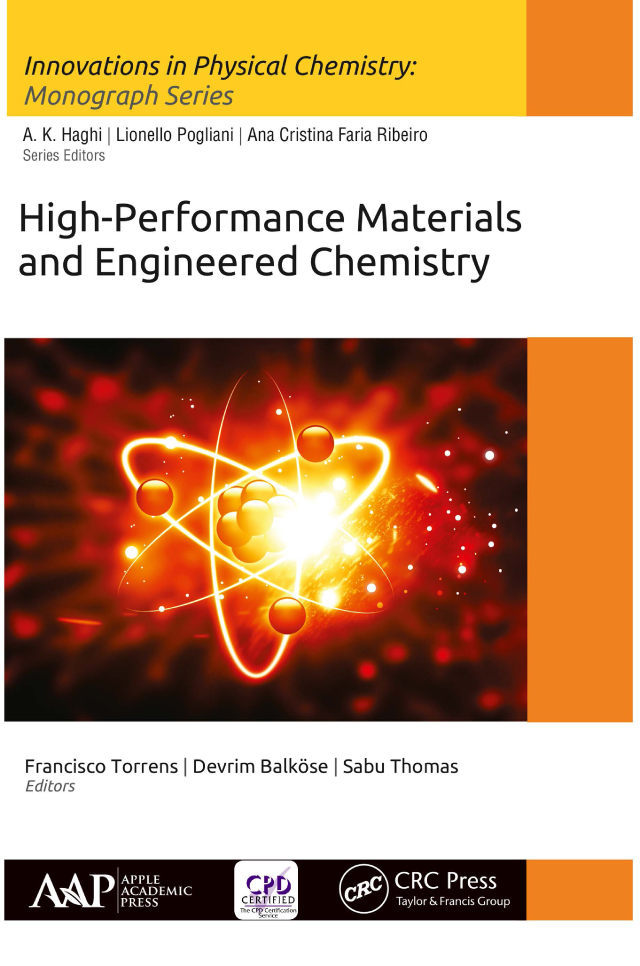
Kalman Filtering Techniques for Radar Tracking A review of effective radar tracking filter methods and their associated digital filtering algorithms. It examines newly developed systems for eliminating the real-time execution of complete recursive Kalman filtering matrix equations that reduce tracking and update time. It also focuses on the role of tracking filters in operations of radar data processors for satellites, missiles, aircraft, ships, submarines and RPVs. TECHNOLOGY & ENGINEERING,Electrical
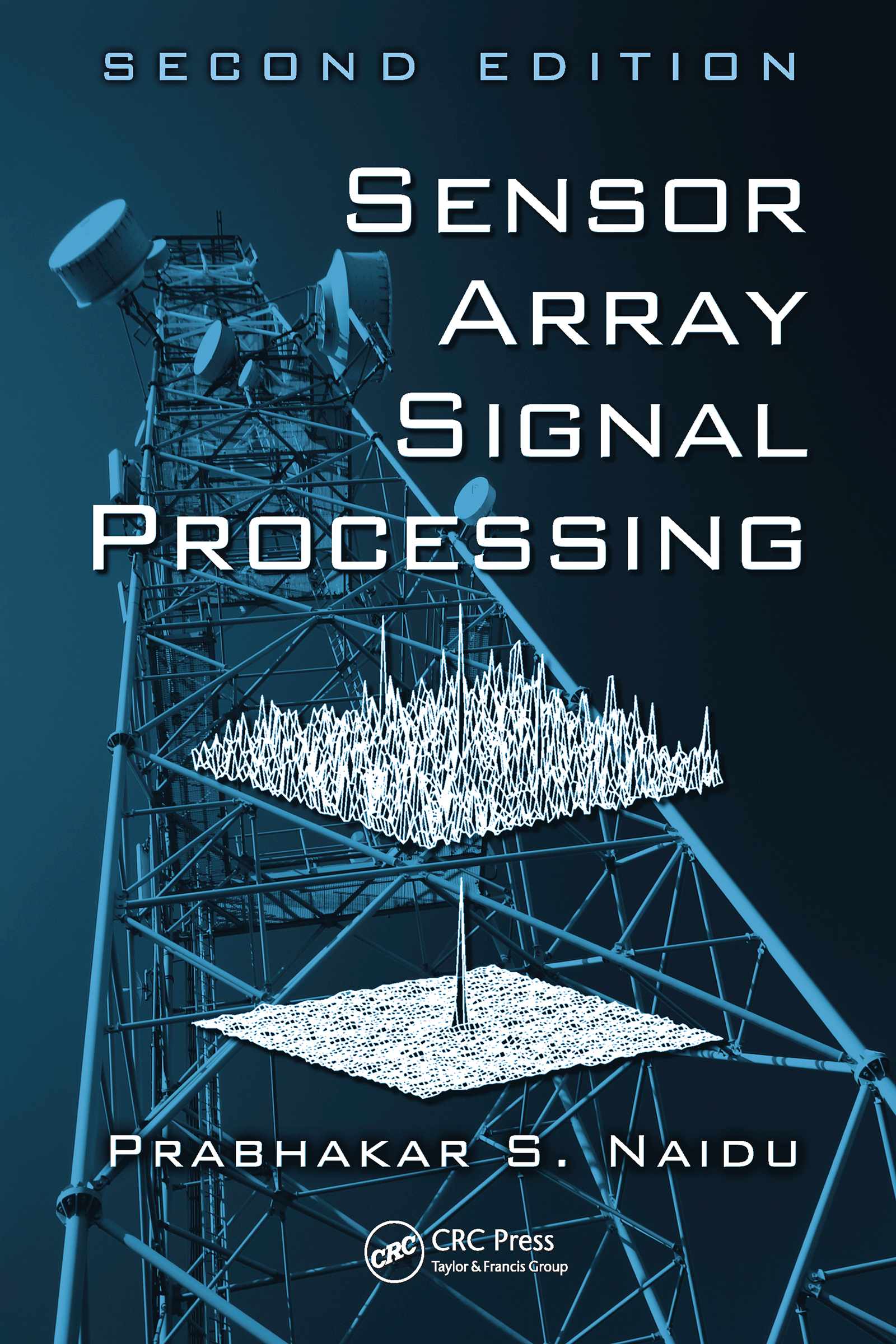
Sensor Array Signal Processing Since publication of the first edition of Sensor Array Signal Processing in 2000, the field it heralded has come of age. Sensor arrays helped usher in the age of wireless communication by meeting the increasing capacity requirements of ever growing wireless networks, but that is only one example of the number of uses served by this valuable te TECHNOLOGY & ENGINEERING,Electrical
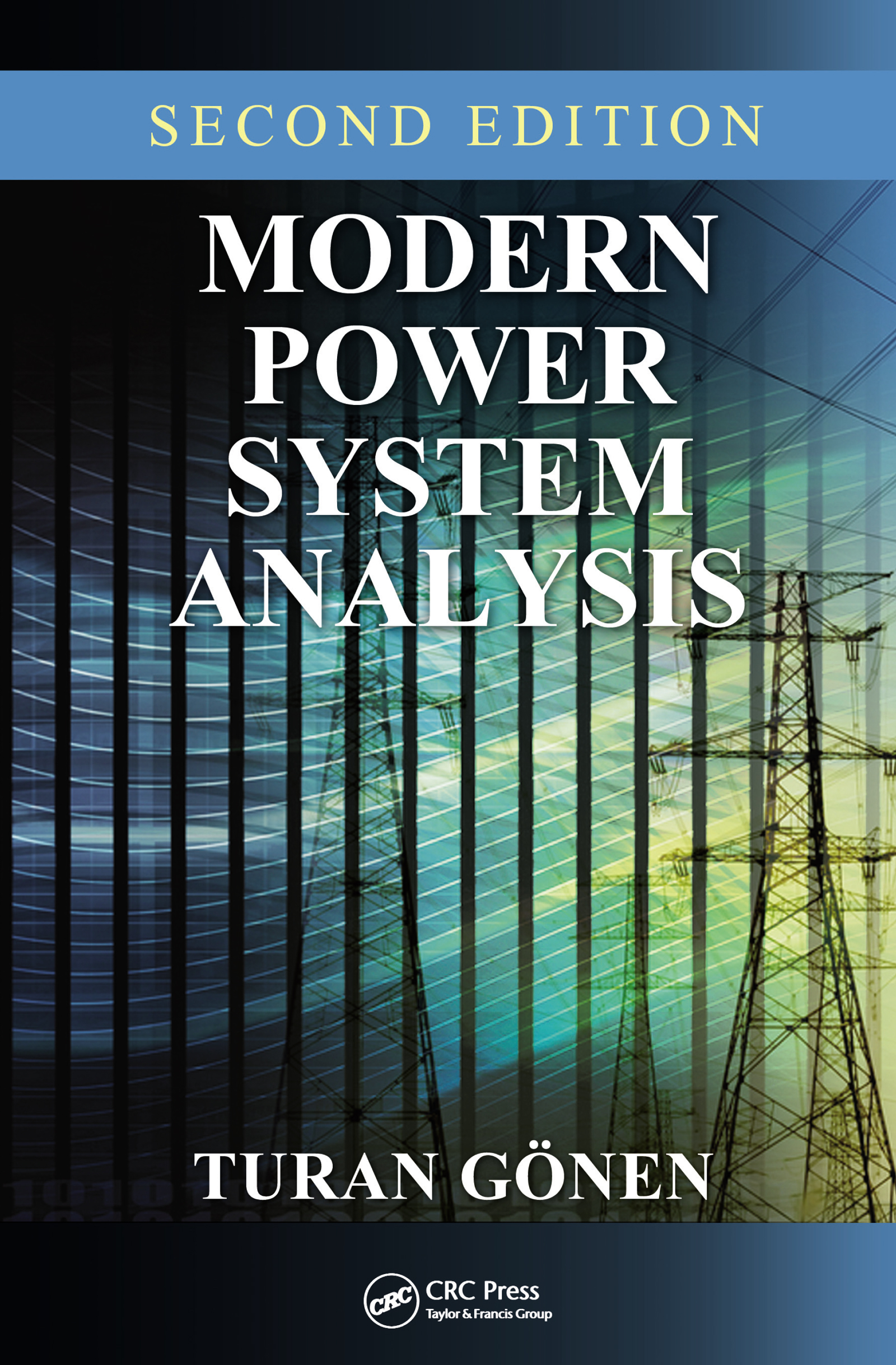
Modern Power System Analysis Most textbooks that deal with the power analysis of electrical engineering power systems focus on generation or distribution systems. Filling a gap in the literature, Modern Power System Analysis, Second Edition introduces readers to electric power systems, with an emphasis on key topics in modern power transmission engineering. Throughout, the boo TECHNOLOGY & ENGINEERING,Electrical
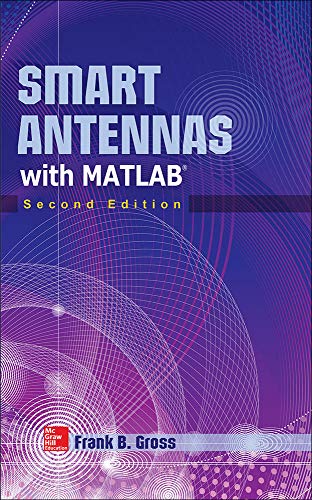
Smart Antennas with MATLAB, Second Edition The most complete, current guide to smart antenna design and performance Featuring new coverage of reconfigurable antennas, vector antennas, and direction-finding antennas, this up-to-date resource offers a rigorous review of the basic electromagnetic principles that drive smart antenna design and deployment. Case studies and worked examples using MATLAB are provided. End-of-chapter assignments reinforce the concepts presented. Thoroughly revised to reflect recent developments and the latest technologies, this is a comprehensive reference for all professionals, students, and researchers in the field of smart antennas. Smart Antennas with MATLAB, Second Edition, covers: Fundamentals of electromagnetic fields Antenna fundamentals Array fundamentals Principles of random variables and processes Propagation channel characteristics Angle-of-arrival estimation Smart antennas Direction finding Electromagnetic vector sensors Smart antenna design and optimization TECHNOLOGY & ENGINEERING,Electrical
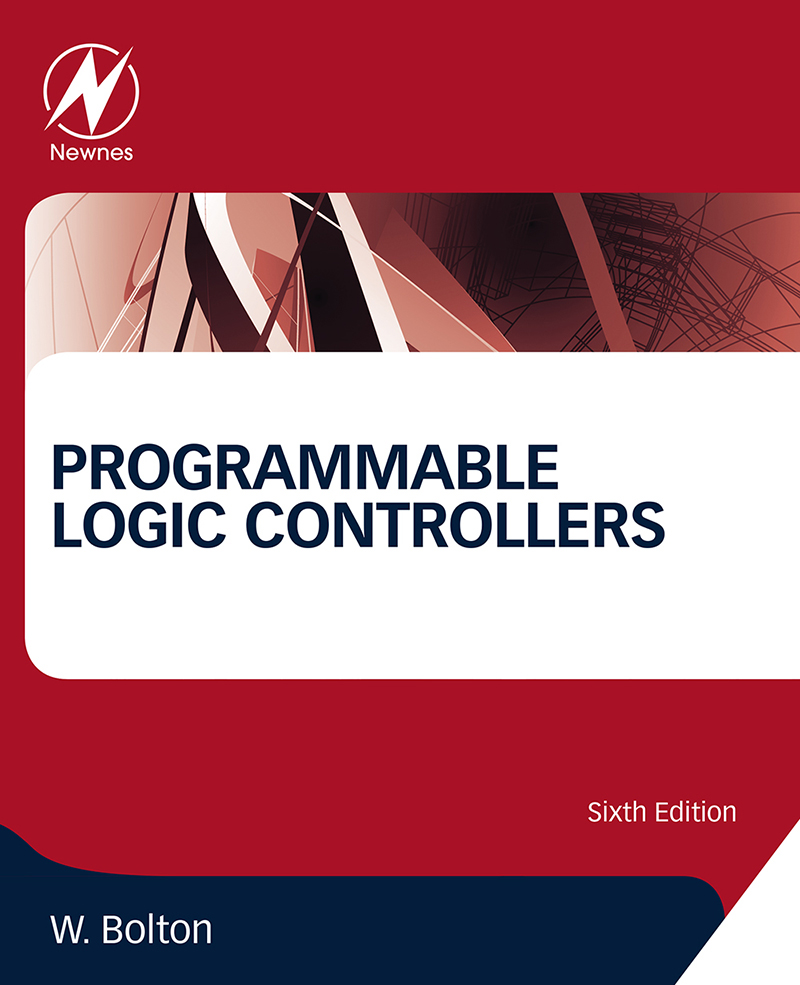
Programmable Logic Controllers This textbook, now in its sixth edition, continues to be straightforward and easy-to-read, presenting the principles of PLCs while not tying itself to one manufacturer or another. Extensive examples and chapter ending problems utilize several popular PLCs, highlighting understanding of fundamentals that can be used regardless of manufacturer. This book will help you to understand the main design characteristics, internal architecture, and operating principles of PLCs, as well as Identify safety issues and methods for fault diagnosis, testing, and debugging. New to This edition: A new chapter 1 with a comparison of relay-controlled systems, microprocessor-controlled systems, and the programmable logic controller, a discussion of PLC hardware and architecture, examples from various PLC manufacturers, and coverage of security, the IEC programming standard, programming devices and manufacturer’s software More detail of programming using Sequential Function Charts Extended coverage of the sequencer More Information on fault finding, including testing inputs and outputs with an illustration of how it is done with the PLC manufacturer’s software New case studies A methodical introduction, with many illustrations, describing how to program PLCs, no matter the manufacturer, and how to use internal relays, timers, counters, shift registers, sequencers, and data-handling facilities Consideration of the standards given by IEC 1131-3 and the programming methods of ladder, functional block diagram, instruction list, structured text, and sequential function chart Many worked examples, multiple-choice questions, and problems are included, with answers to all multiple-choice questions and problems given at the end of the book TECHNOLOGY & ENGINEERING,Electrical
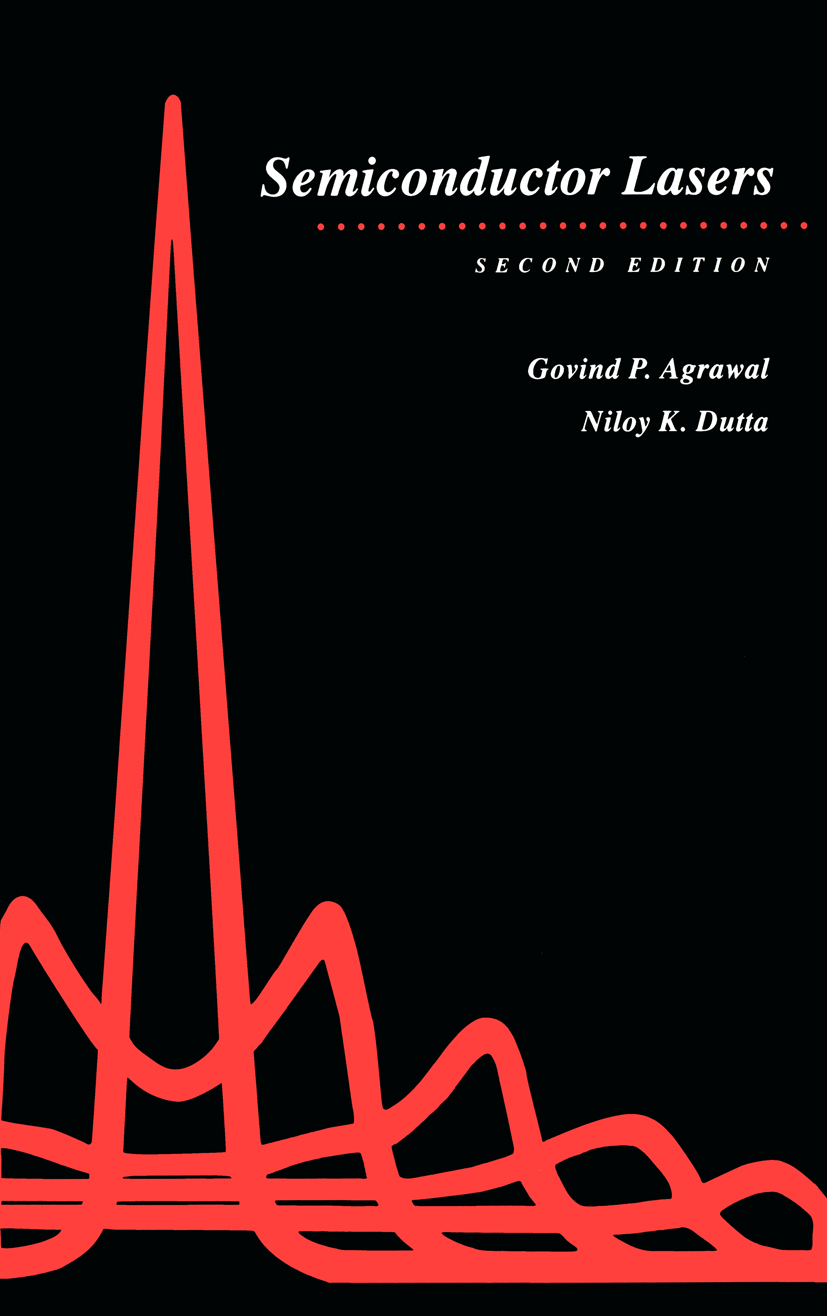
Semiconductor Lasers Since its invention in 1962, the semiconductor laser has come a long way. Advances in material purity and epitaxial growth techniques have led to a variety of semiconductor lasers covering a wide wavelength range of 0. 3- 100 ~m. The development during the 1970s of GaAs semiconductor lasers, emitting in the near-infrared region of 0. 8-0. 9 ~m, resulted in their use for the first generation of optical fiber communication systems. However, to take advantage oflow losses in silica fibers occurring around 1. 3 and 1. 55 ~m, the emphasis soon shifted toward long-wavelength semiconductor lasers. The material system of choice in this wavelength range has been the quaternary alloy InGaAsP. During the last five years or so, the intense development effort devoted to InGaAsP lasers has resulted in a technology mature enough that lightwave transmission systems using InGaAsP lasers are currently being deployed throughout the world. This book is intended to provide a comprehensive account of long-wave length semiconductor lasers. Particular attention is paid to InGaAsP lasers, although we also consider semiconductor lasers operating at longer wave lengths. The objective is to provide an up-to-date understanding of semicon ductor lasers while incorporating recent research results that are not yet available in the book form. Although InGaAsP lasers are often used as an example, the basic concepts discussed in this text apply to all semiconductor lasers, irrespective of their wavelengths. TECHNOLOGY & ENGINEERING,Electrical
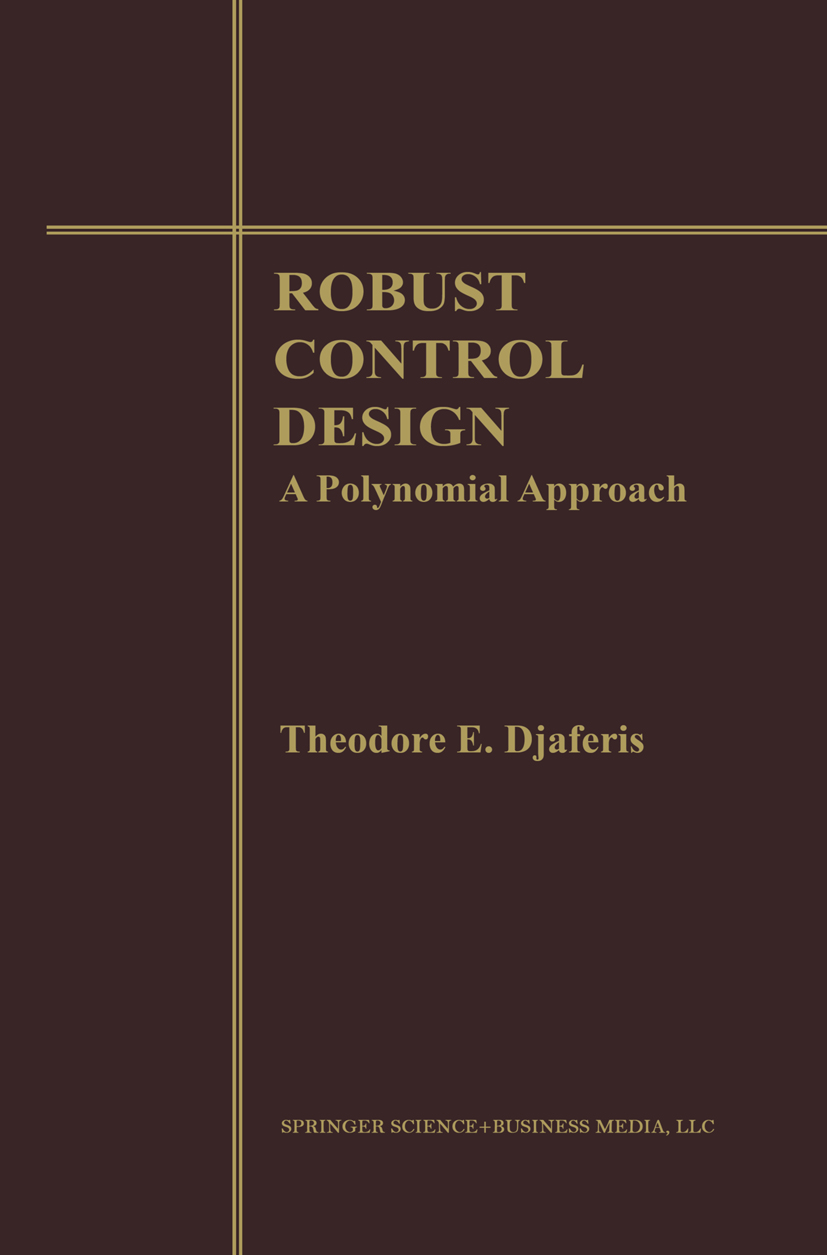
Robust Control Design To a large extent, our lives on this earth depend on systems that operate auto matically. Manysuchsystems can be found in nature and others are man made. These systems can be biological, electrical, mechanical, chemical, or ecological, to namejust a few categories. Our human body is full ofsystems whose conti nued automatic operation is vital for our existence. On a daily basis we come in contact with man made systems whose automatic operation ensures increa sed productivity, promotes economic development and improves the quality of life. A primary component that is responsible for the automatic operation of a system is a device or mechanism called the controller. In man made systems one must first design and then implement such a controller either as a piece of hardware or as software code in a computer. The safe and efficient automatic operation of such systems is testimony to the success of control theorists and practitioners over the years. This book presents new methods {or controller design. The process ofdeveloping a controller or control strategy can be dramatically improved if one can generate an appropriate dynamic model for the system under consideration. Robust control design deals with the question of how to develop such controllers for system models with uncertainty. In many cases dynamic models can be expressed in terms oflinear, time invariant differential equations or transfer functions. TECHNOLOGY & ENGINEERING,Electrical
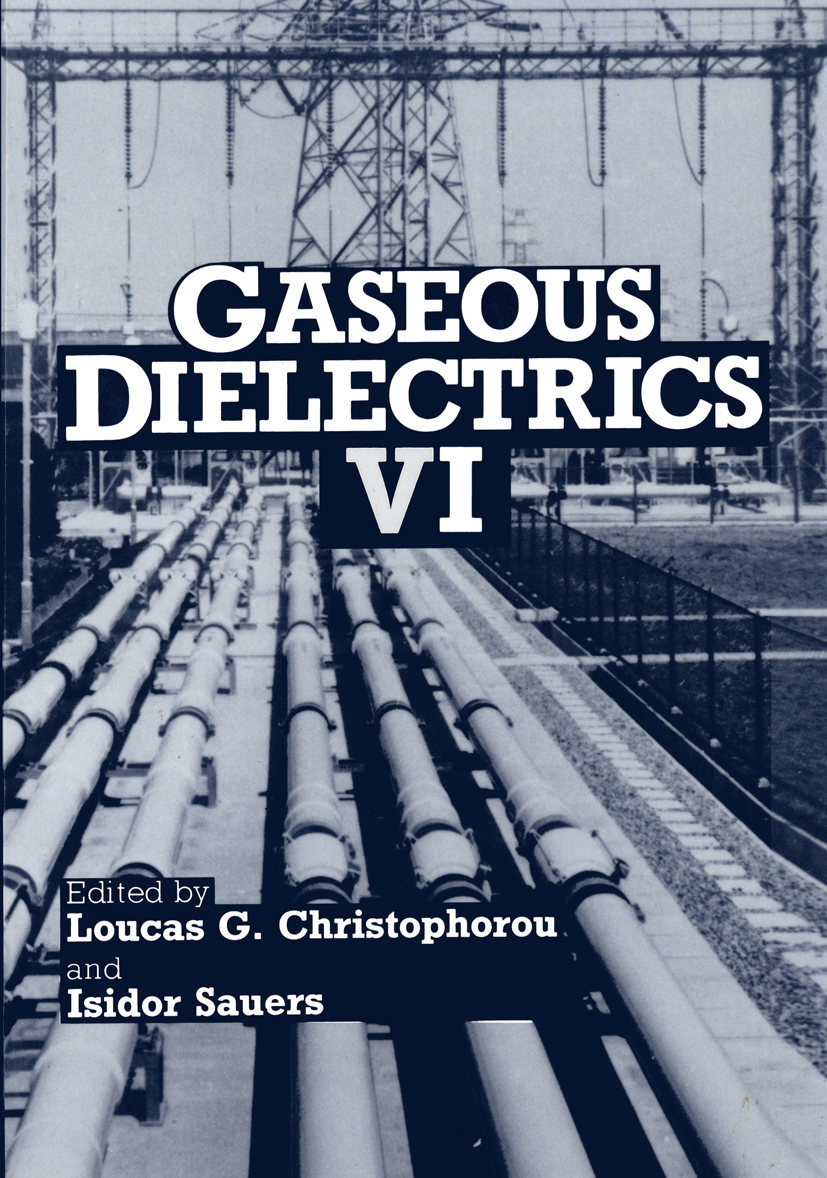
Gaseous Dielectrics VI The Sixth International Symposium on Gaseous Dielectrics was held in Knoxville, Tennessee, U.S.A., on September 23-27, 1990. The symposium continued the trans disciplinary character and comprehensive approach of the preceding five symposia. Gaseous Dielectrics VI is a detailed record of the symposium proceedings. It covers recent advances and developments in a wide range of basic, applied and industrial areas of gaseous dielectrics. It is hoped that Gaseous Dielectrics VI will aid future research and development in and encourage wider industrial use of gaseous dielectrics. The Organizing Committee of the Sixth International Symposium on Gaseous Dielectrics consisted of L. G. Christophorou (U.S.A.), F. Y. Chu (Canada), A. H. Cookson (U.S.A.), D. L. Damsky (U.S.A.), O. Farish (U.K.), I. Gallimberti (Italy), A. Garscadden (U.S.A.), E. Marode (France), T. Nitta (Japan), W. Pfeiffer (Germany), I. Sauers (U.S.A.), R. J. Van Brunt (U.S.A.), and W. Zaengl (Switzerland). The local arrangements committee consisted of members of the Health and Safety Research Division and personnel of the Conference Office of the Oak Ridge National Laboratory, and staff of the University of Tennessee (UTK). The contributions of each member of these committees, the work of the Session Chairmen, the interest of the participants, and the advice of innumerable colleagues are gratefully acknowledged. TECHNOLOGY & ENGINEERING,Electrical
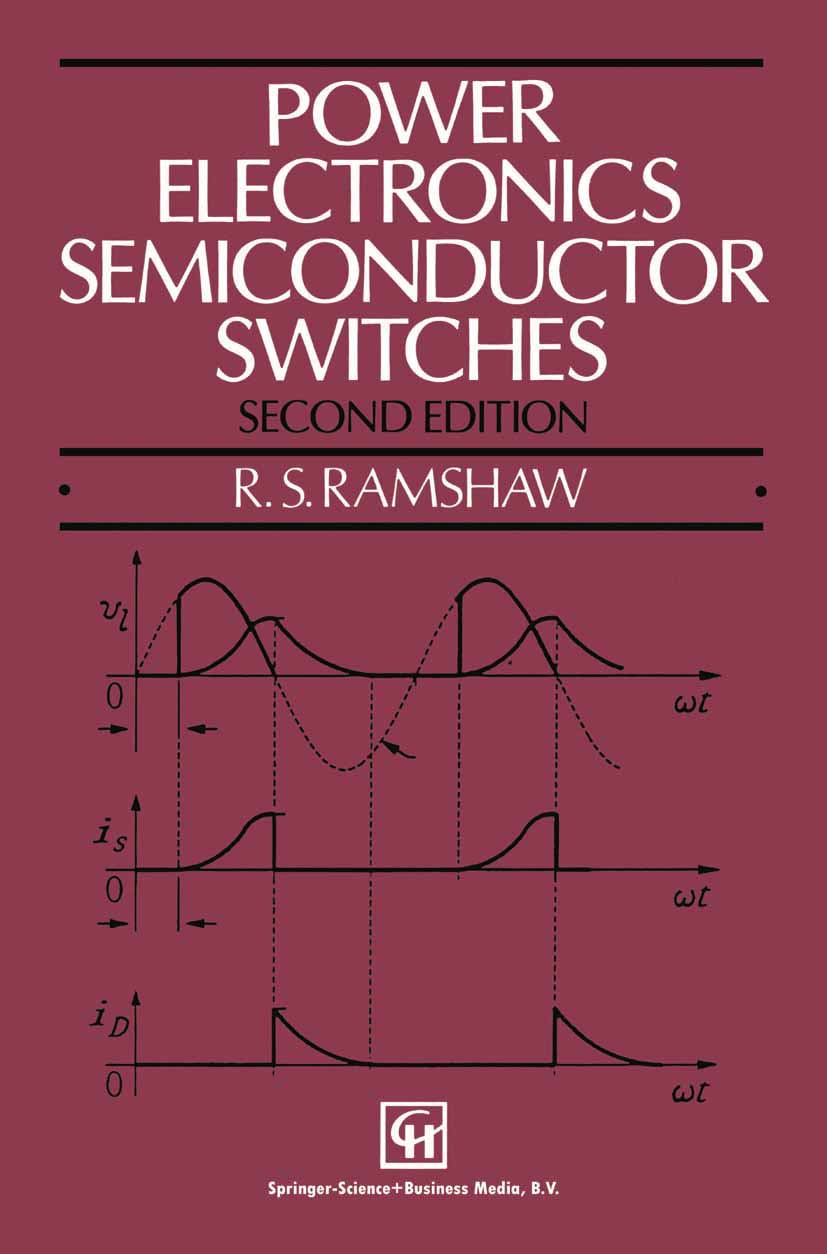
Power Electronics Semiconductor Switches Power Electronic Semiconductor Switches is the successor to Professor Ramshaw's widely-used Power Electronics. The text has been completely re-written and expanded to focus on semiconductor switches, and to take into account advances in the field since the publication of Power Electronics and changes in electrical and electronic engineering syllabuses. TECHNOLOGY & ENGINEERING,Electrical
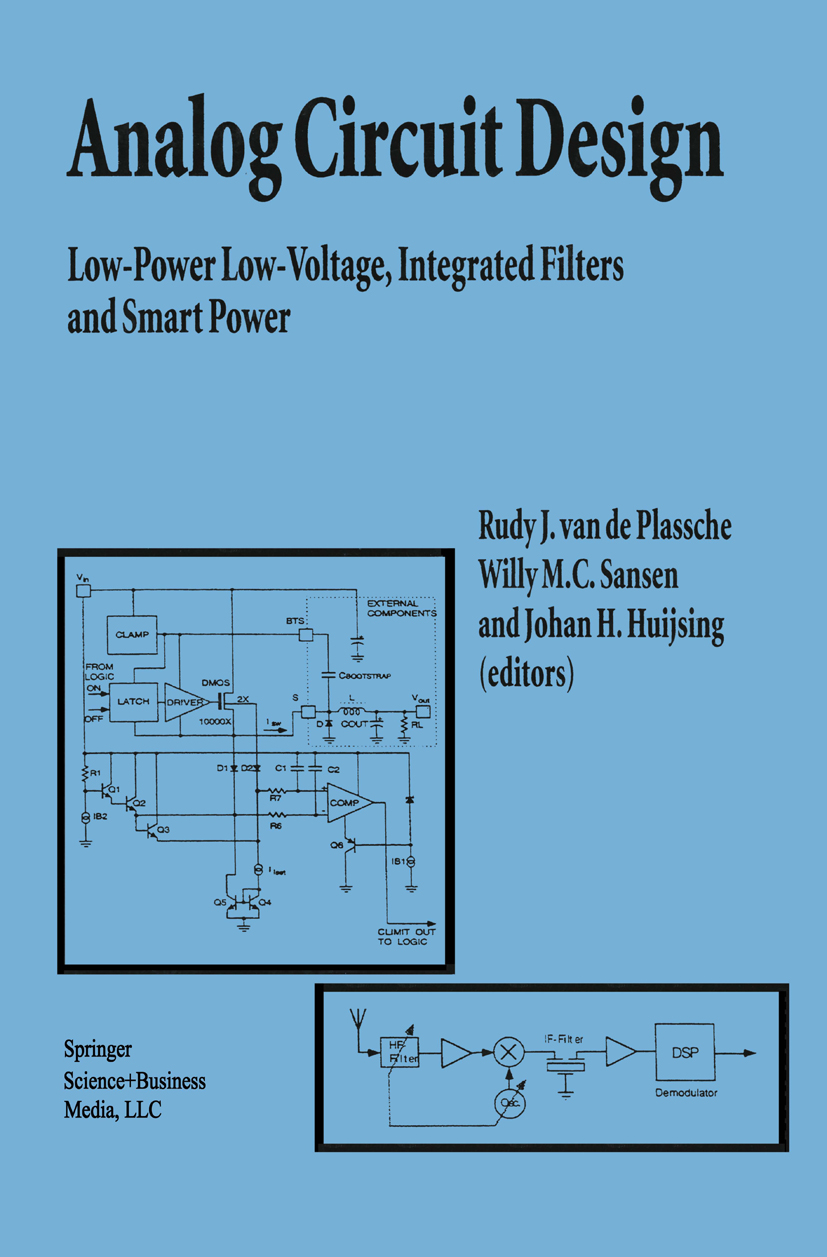
Analog Circuit Design The realization of signal sampling and quantization at high sample rates with low power dissipation is an important goal in many applications, includ ing portable video devices such as camcorders, personal communication devices such as wireless LAN transceivers, in the read channels of magnetic storage devices using digital data detection, and many others. This paper describes architecture and circuit approaches for the design of high-speed, low-power pipeline analog-to-digital converters in CMOS. Here the term high speed is taken to imply sampling rates above 1 Mhz. In the first section the dif ferent conversion techniques applicable in this range of sample rates is dis cussed. Following that the particular problems associated with power minimization in video-rate pipeline ADCs is discussed. These include optimi zation of capacitor sizes, design of low-voltage transmission gates, and opti mization of switched capacitor gain blocks and operational amplifiers for minimum power dissipation. As an example of the application of these tech niques, the design of a power-optimized lO-bit pipeline AID converter (ADC) that achieves =1. 67 mW per MS/s of sampling rate from 1 MS/s to 20 MS/s is described. 2. Techniques for CMOS Video-Rate AID Conversion Analog-to-digital conversion techniques can be categorized in many ways. One convenient means of comparing techniques is to examine the number of "analog clock cycles" required to produce one effective output sample of the signal being quantized. TECHNOLOGY & ENGINEERING,Electrical
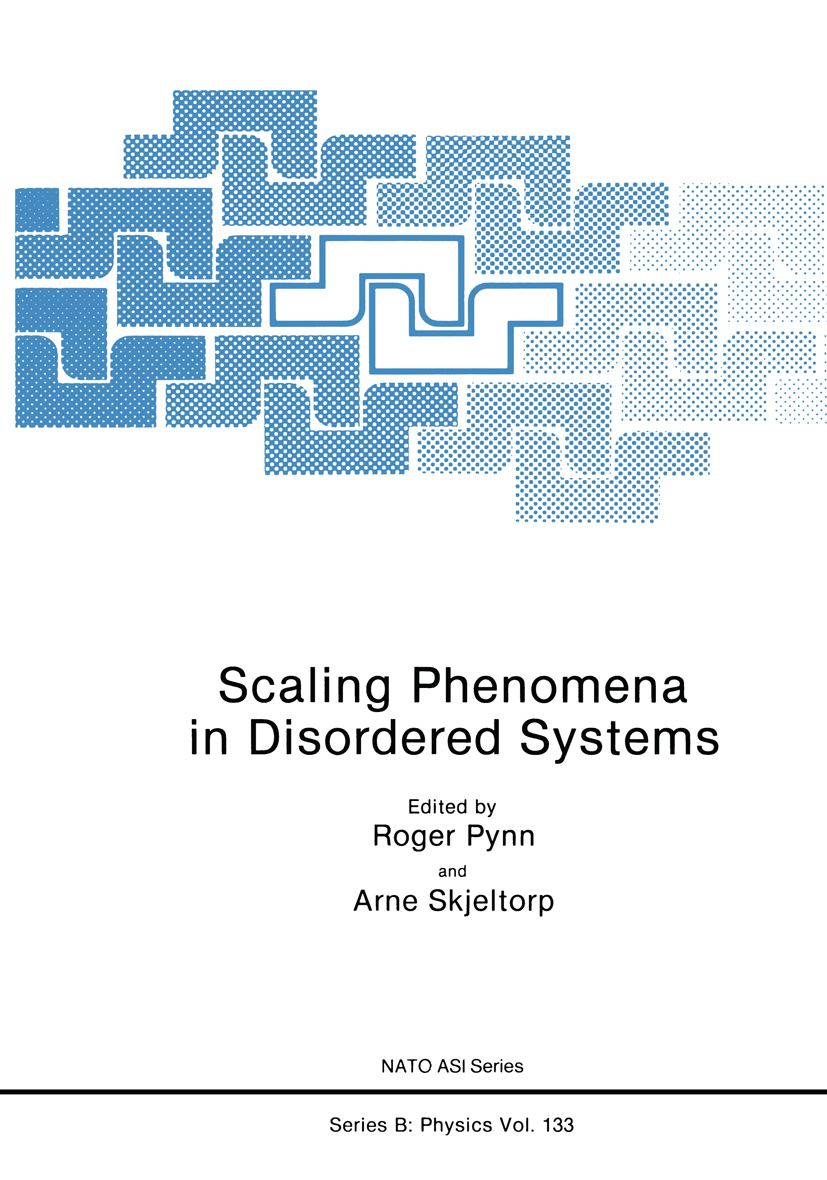
Scaling Phenomena in Disordered Systems This volume comprises the proceedings of a NATO Advanced Study Institute held in Geilo, Norway, between 8-19 April 1985. Although the principal support for the meeting was provided by the NATO Committee for Scientific Affairs, a number of additional sponsors also contributed, allowing the assembly of an unusually large number of internationally rec ognized speakers. Additional funds were received from: EXXON Research and Engineering Co. IBM (Europe) Institutt for energiteknikk (NorwaY) Institut Lauge-Langevin (France) The Norwegian Research Council for Science and Humanities NORDITA (Denmark) The Norwegian Foreign Office The U. S. Army Research, Development and Standardization Group (Europe) The U. S. National Science Foundation - The Norwegian Council for Science and Letters The organizing committee would like to take this opportunity to thank these contributors for their help in promoting a most exciting rewarding meeting. This Study Institute was the eighth of a series of meetings held in Geilo on subjects related to phase transitions. In contrast to previous meetings which were principally concerned with transitions in ordered systems, this school addressed the problems which arise when structural order is absent. The unifying feature among the subjects discussed at the school and the link to themes of earlier meetings was the concept of scaling. TECHNOLOGY & ENGINEERING,Electrical
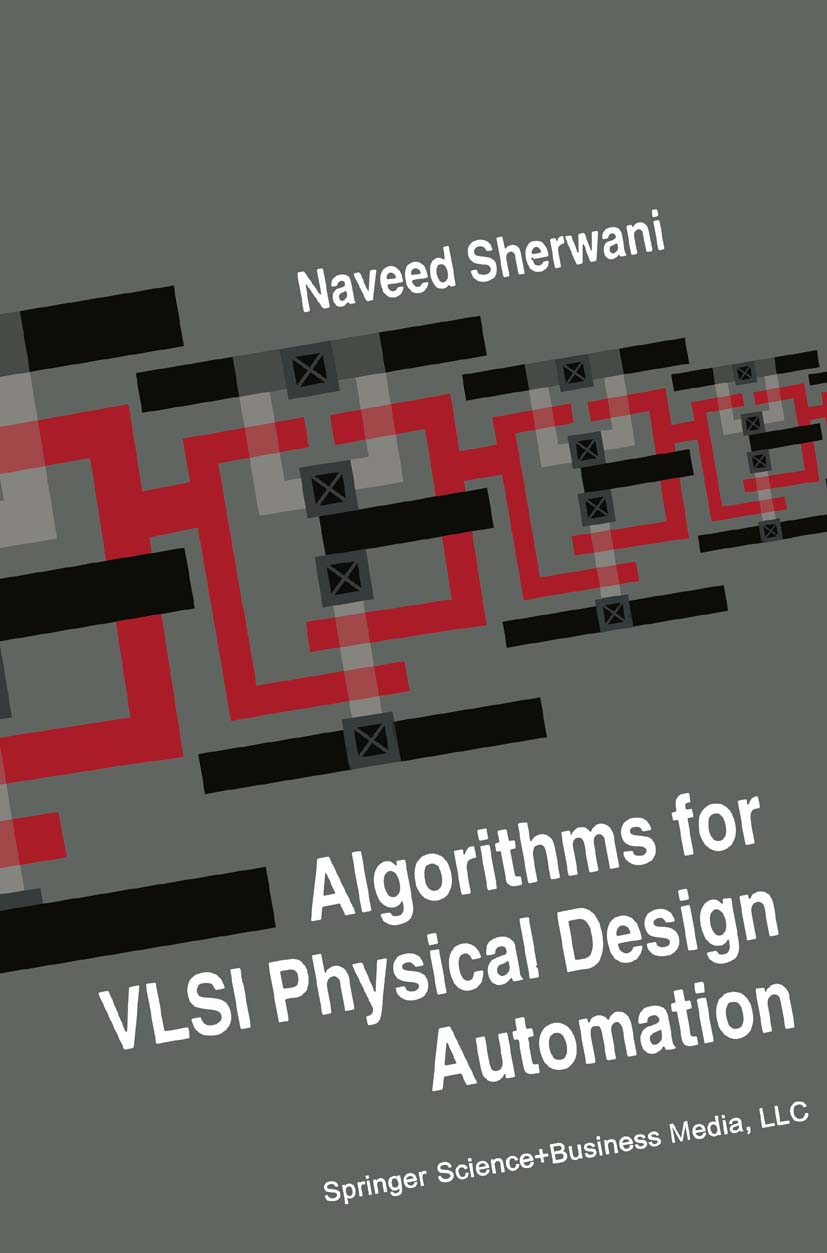
Algorithms for VLSI Physical Design Automation Algorithms for VLSI Physical Design Automation is a core reference text for graduate students and CAD professionals. It provides a comprehensive treatment of the principles and algorithms of VLSI physical design. Algorithms for VLSI Physical Design Automation presents the concepts and algorithms in an intuitive manner. Each chapter contains 3-4 algorithms that are discussed in detail. Additional algorithms are presented in a somewhat shorter format. References to advanced algorithms are presented at the end of each chapter. Algorithms for VLSI Physical Design Automation covers all aspects of physical design. The first three chapters provide the background material while the subsequent chapters focus on each phase of the physical design cycle. In addition, newer topics like physical design automation of FPGAs and MCMs have been included. The author provides an extensive bibliography which is useful for finding advanced material on a topic. Algorithms for VLSI Physical Design Automation is an invaluable reference for professionals in layout, design automation and physical design. TECHNOLOGY & ENGINEERING,Electrical
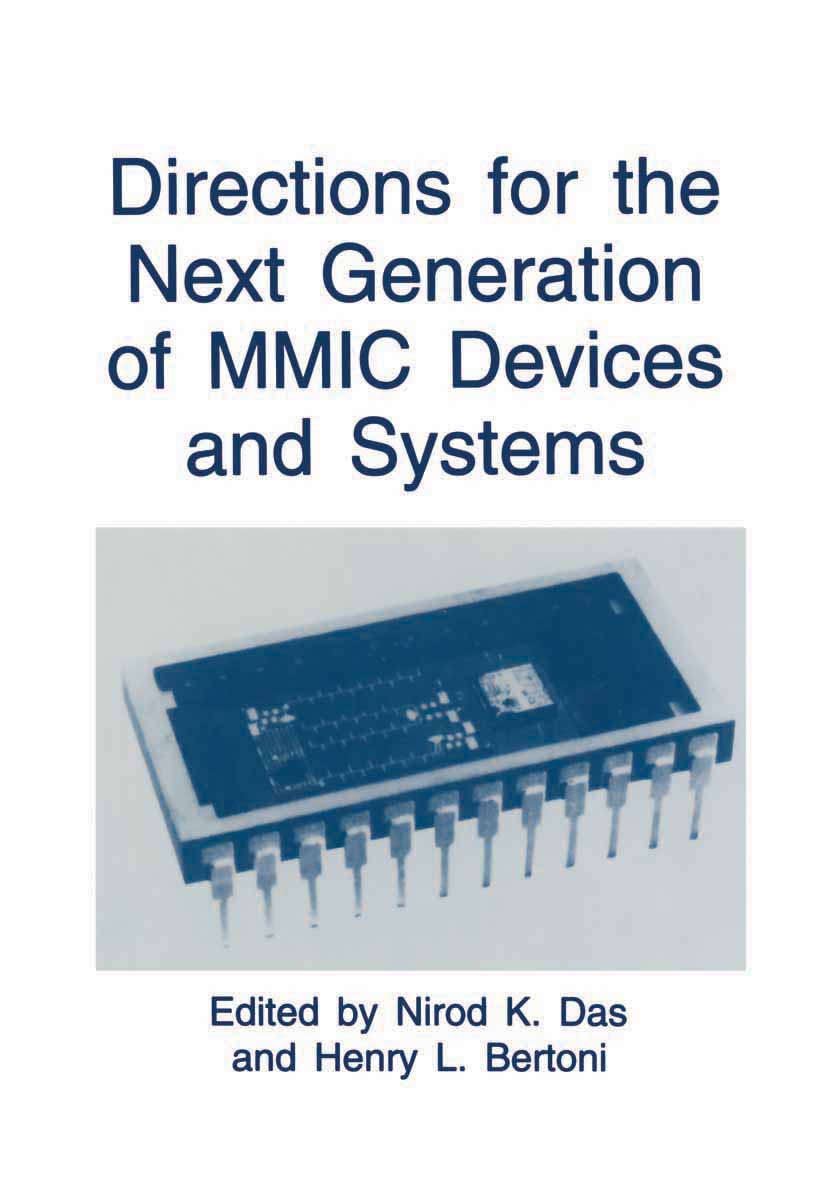
Directions for the Next Generation of MMIC Devices and Systems Proceedings of the 1996 WRI International Symposium held in New York City, September 11-13, 1996 TECHNOLOGY & ENGINEERING,Electrical
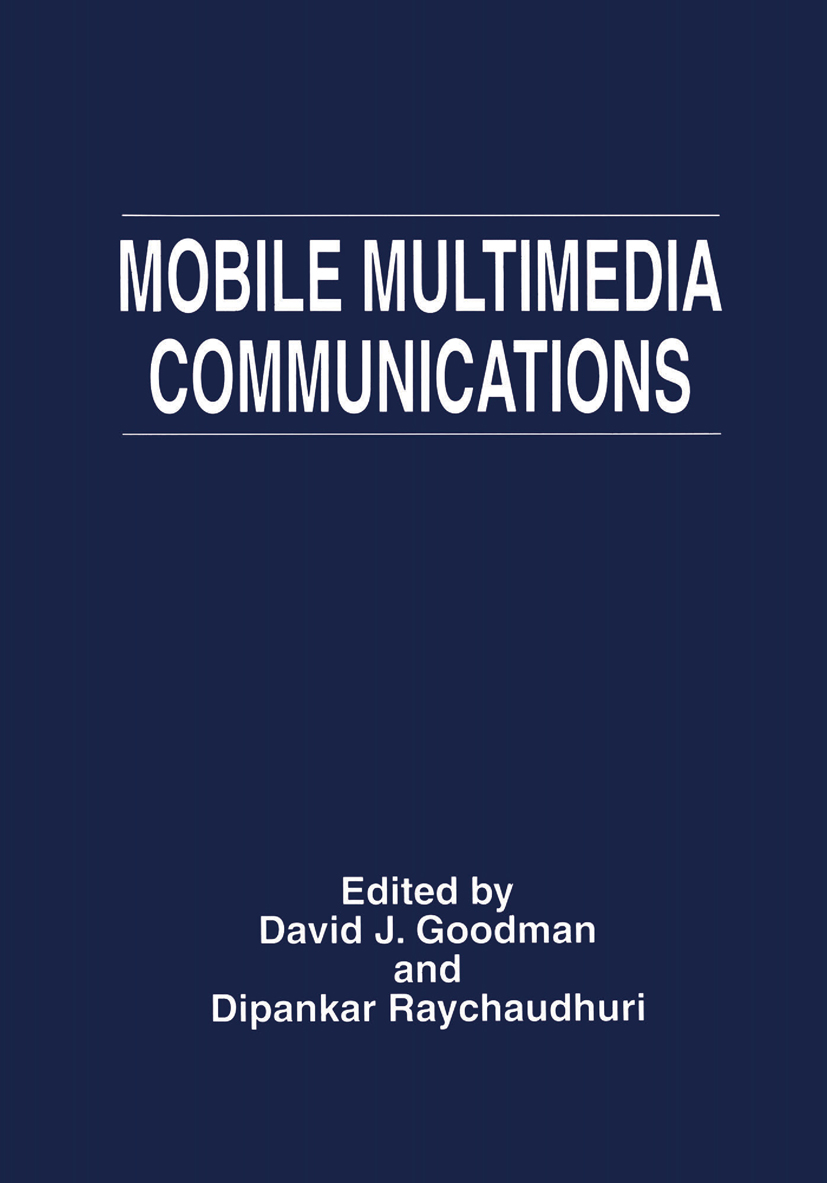
Mobile Multimedia Communications Procedings of the Third International Workshop held in Princeton, New Jersey, September 25-27, 1996 TECHNOLOGY & ENGINEERING,Electrical
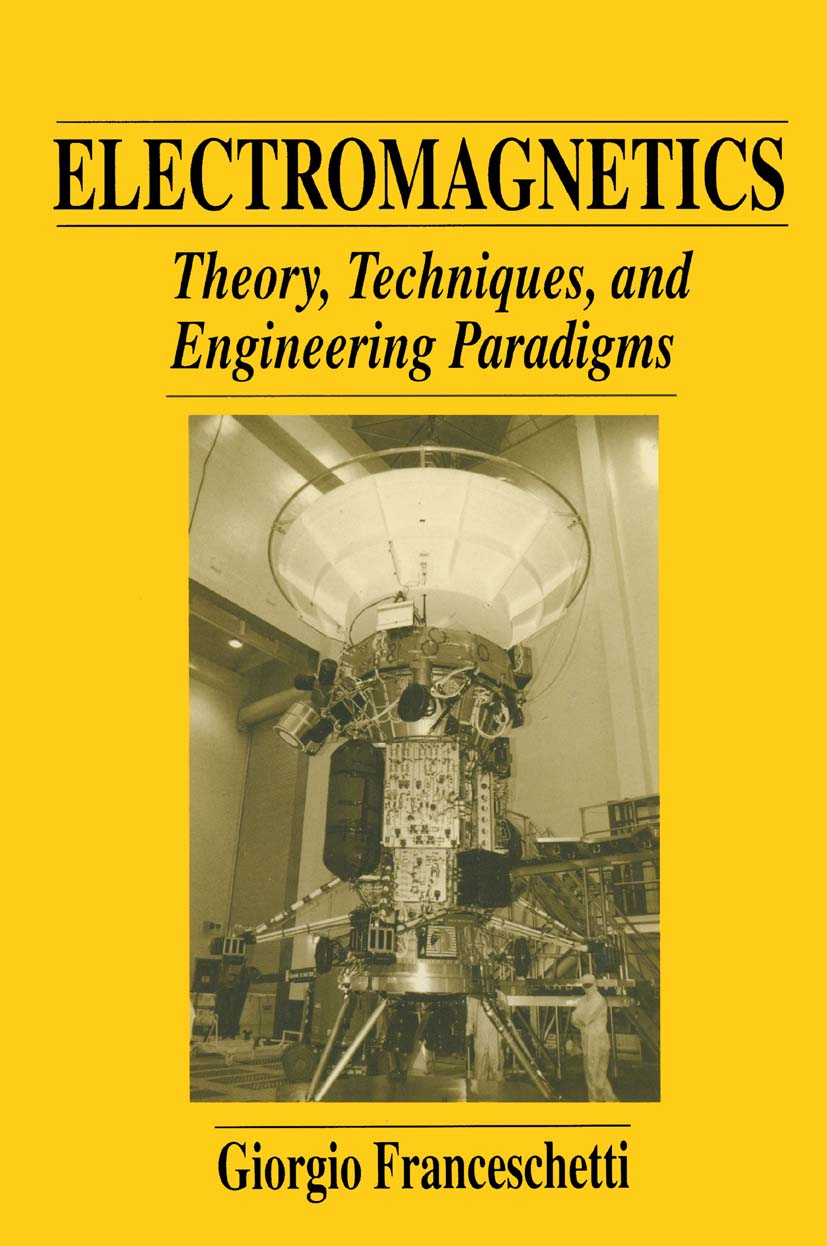
Electromagnetics During the last twenty years the lifestyle of a large portion of the inhabitants of our planet has changed dramatically. This would never have been possible without the massive use of electronic and photonic technology, telecommuni cations, and computers. These disciplines are designed to code, transmit, detect, decode, and process signals and related information, and can be broadly addressed as information science and technology. In the sophisticated society in which we live and operate, this science is diffused transversely and plays a major role in almost every human activity. Information science and technology is the basis of a powerful industry that does not suffer the shortcomings of more traditional human enterprises. Information is a renewable source and its control and processing rely on software codes, which are a creation of the mind, and on related hardware, incredibly sophisticated but made out of simple, abundant materials. The rate of change and transformation of this industry is the highest mankind has ever experienced, and it requires not only the replacement of technologies but also a continuous updating of expertise to keep up with the rapid transformation. There is no doubt that this calls for a change in university training, to avoid students graduating at an already obsolete level. TECHNOLOGY & ENGINEERING,Electrical

Network Management and Control Three speakers at the Second Workshop on Network Management and Control nostalgically remembered the INTEROP Conference at which SNMP was able to interface even to CD players and toasters. We agreed this was indeed a major step forward in standards, but wondered if anyone noticed whether the toast was burned, let alone, would want to eat it. The assurance of the correct operation of practical systems under difficult environments emerged as the dominant theme of the workshop with growth, interoperability, performance, and scalability as the primary sub-themes. Perhaps this thrust is un surprising, since about half the 100 or so attendees were from industry, with a strong contingency of users. Indeed the technical program co-chairs, Shivendra Panwar of Polytechnic and Walter Johnston of NYNEX, took as their assignment the coverage of real problems and opportunities in industry. Nevertheless we take it as a real indication of progress in the field that the community is beginning to take for granted the availability of standards and even the ability to detect physical, link, and network-level faults and is now expecting diagnostics at higher levels as well as system-wide solutions. TECHNOLOGY & ENGINEERING,Electrical
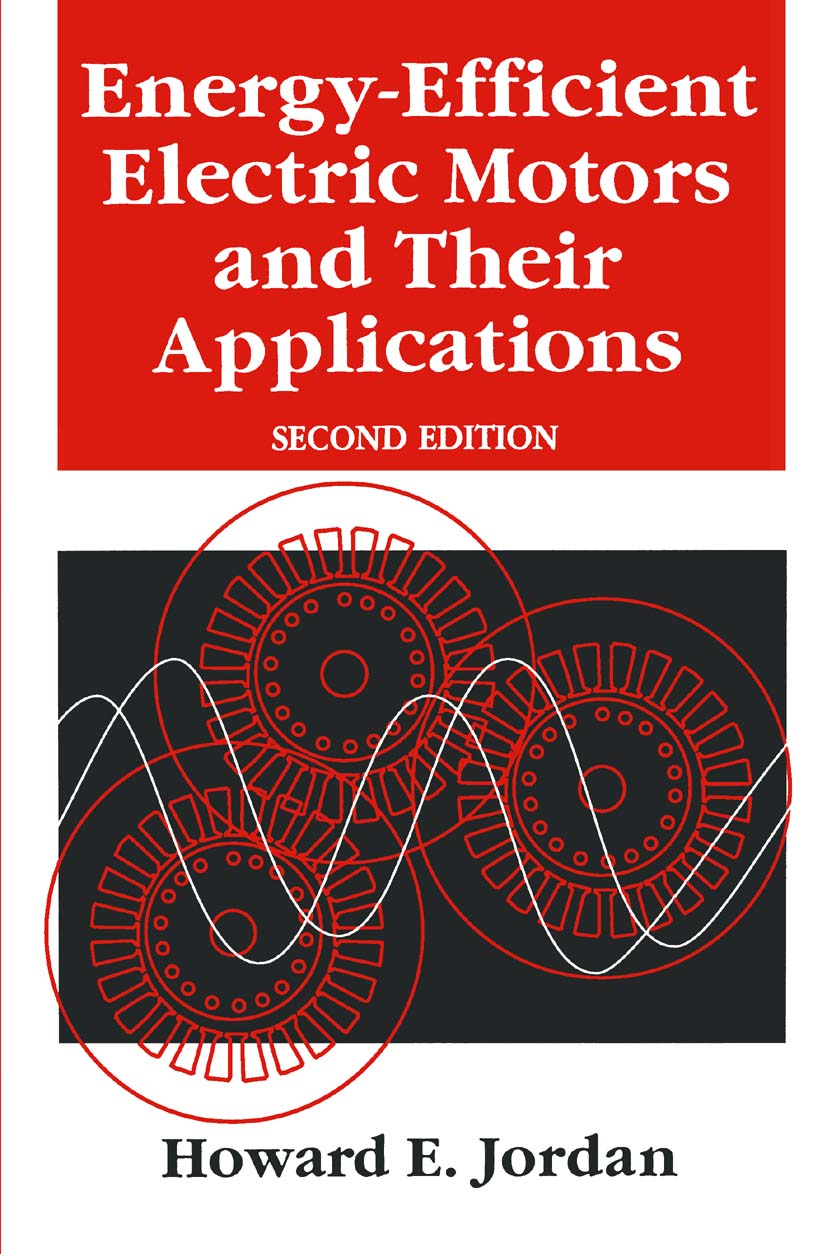
Energy-Efficient Electric Motors and their Applications In this revised and expanded edition, Howard E. Jordan explains-in a clear manner-the technology of energy efficient electric motors including motor losses, testing, and efficiency labeling. He also discusses how to calculate the return on investment for an energy efficient motor in addition to several other subjects related to effective motor applications. New chapters explore permanent magnet synchronous motors and transistor pulse-width-modulated inverters. Engineers, purchasing managers, and executives who make decisions on motor selection will find this an invaluable reference. TECHNOLOGY & ENGINEERING,Electrical

Introduction to Random Signals and Applied Kalman Filtering with Matlab Exercises Advances in computers and personal navigation systems have greatly expanded the applications of Kalman filters. A Kalman filter uses information about noise and system dynamics to reduce uncertainty from noisy measurements. Common applications of Kalman filters include such fast-growing fields as autopilot systems, battery state of charge (SoC) estimation, brain-computer interface, dynamic positioning, inertial guidance systems, radar tracking, and satellite navigation systems. Brown and Hwang's bestselling textbook introduces the theory and applications of Kalman filters for senior undergraduates and graduate students. This revision updates both the research advances in variations on the Kalman filter algorithm and adds a wide range of new application examples. The book emphasizes the application of computational software tools such as MATLAB. The companion website includes M-files to assist students in applying MATLAB to solving end-of-chapter homework problems. TECHNOLOGY & ENGINEERING,Electrical
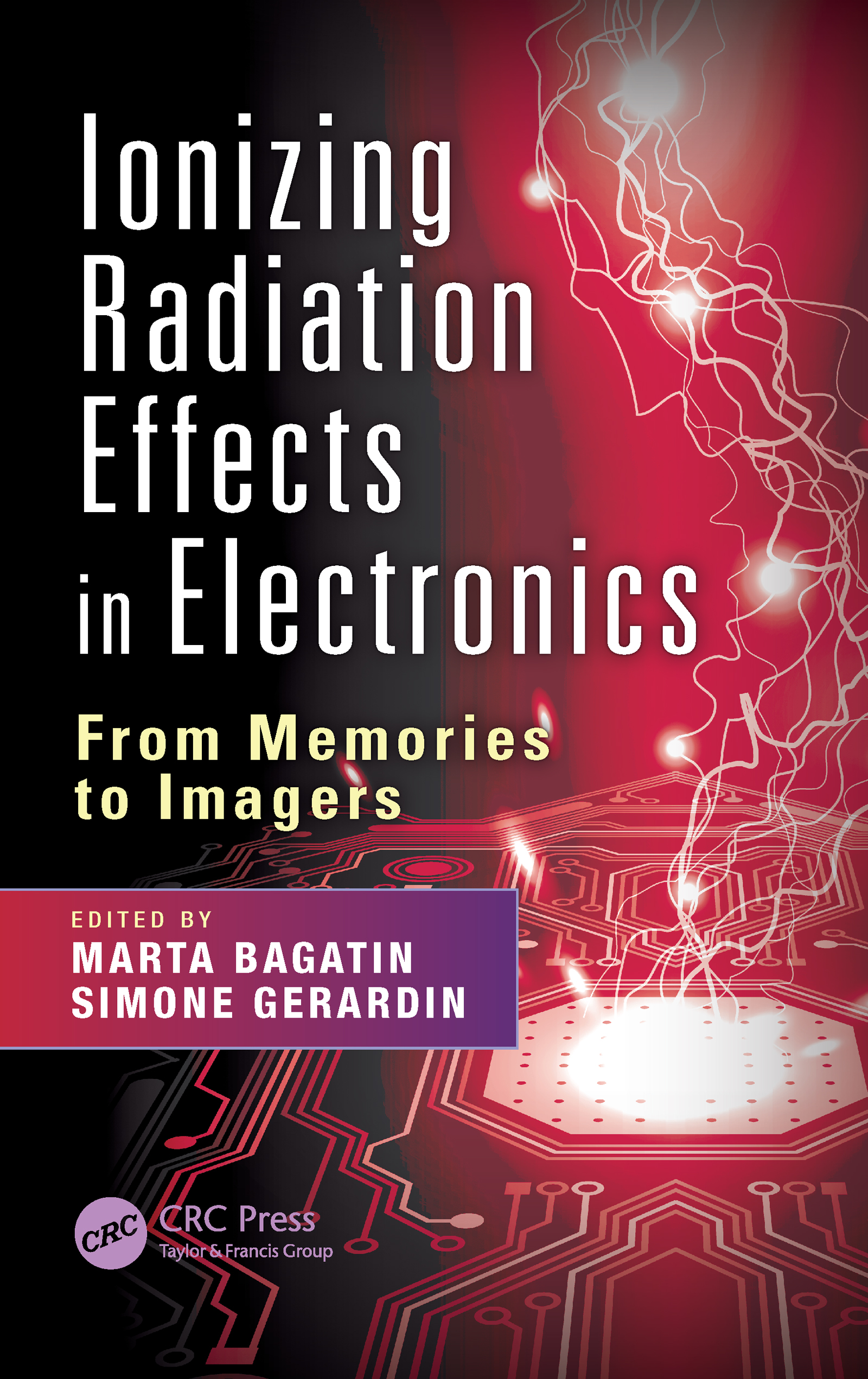
Ionizing Radiation Effects in Electronics Ionizing Radiation Effects in Electronics: From Memories to Imagers delivers comprehensive coverage of the effects of ionizing radiation on state-of-the-art semiconductor devices. The book also offers valuable insight into modern radiation-hardening techniques. The text begins by providing important background information on radiation effects, their underlying mechanisms, and the use of Monte Carlo techniques to simulate radiation transport and the effects of radiation on electronics. The book then: Explains the effects of radiation on digital commercial devices, including microprocessors and volatile and nonvolatile memories—static random-access memories (SRAMs), dynamic random-access memories (DRAMs), and Flash memories Examines issues like soft errors, total dose, and displacement damage, together with hardening-by-design solutions for digital circuits, field-programmable gate arrays (FPGAs), and mixed-analog circuits Explores the effects of radiation on fiber optics and imager devices such as complementary metal-oxide-semiconductor (CMOS) sensors and charge-coupled devices (CCDs) Featuring real-world examples, case studies, extensive references, and contributions from leading experts in industry and academia, Ionizing Radiation Effects in Electronics: From Memories to Imagers is suitable both for newcomers who want to become familiar with radiation effects and for radiation experts who are looking for more advanced material or to make effective use of beam time. TECHNOLOGY & ENGINEERING,Electrical

Video Over Wireless Publisher's Note: Products purchased from Third Party sellers are not guaranteed by the publisher for quality, authenticity, or access to any online entitlements included with the product. State-of-the-art wireless video standards, techniques, and best practices This fully illustrated guide teaches the latest methods for effectively delivering and consuming high-quality mobile Internet video content on cross-platform personal devices. Video Over Wireless features clear and concise explanations of next-generation technologies, including over-the-top TV, wireless broadband, and video streaming and aggregation. Experienced educator and author Benny Bing offers expert insights on emerging standards as well as invaluable tips for maximizing coding efficiency and enhancing error resiliency. Video Over Wireless covers: Pay, digital, and online TV Internet-based mobile video Media clouds and cloud support for mobile apps Non-real-time TV delivery 802.11ac and 4G/5G LTE standards Wi-Fi deployments and applications Key issues in wireless transmission Single-antenna design for handheld devices Mobile digital TV and ATSC 2.0/3.0 Video traffic smoothing and multiplexing Apple and Microsoft adaptive bit rate streaming Spatial and temporal error concealment WebM, H.264/MPEG-4 AVC, and H.265/HEVC Video coding enhancements and the impact of different content types TECHNOLOGY & ENGINEERING,Electrical

Electronic Properties of Materials It is quite satisfying for an author to learn that his brainchild has been favorably accepted by students as well as by professors and thus seems to serve some useful purpose. This horizontally integrated text on the electronic properties of metals, alloys, semiconductors, insulators, ceramics, and poly meric materials has been adopted by many universities in the United States as well as abroad, probably because of the relative ease with which the material can be understood. The book has now gone through several re printing cycles (among them a few pirate prints in Asian countries). I am grateful to all readers for their acceptance and for the many encouraging comments which have been received. I have thought very carefully about possible changes for the second edition. There is, of course, always room for improvement. Thus, some rewording, deletions, and additions have been made here and there. I withstood, how ever, the temptation to expand considerably the book by adding completely new subjects. Nevertheless, a few pages on recent developments needed to be inserted. Among them are, naturally, the discussion of ceramic (high-tempera ture) superconductors, and certain elements of the rapidly expanding field of optoelectronics. Further, I felt that the readers might be interested in learning some more practical applications which result from the physical concepts which have been treated here. TECHNOLOGY & ENGINEERING,Electrical

J. C. Martin on Pulsed Power As indicated in the Foreword to this series on Advances in Pulsed Power Technologies, the pioneering roots of modern pulsed power as related by J.C. "Charlie" Martin and his co-workers of the Atomic Weapons Research Establishment, Aldermaston, Reading UK is an important if not essential record of the experiential history of the major developer of pulsed power advances during the post-World War II period. It finds great utility as an instructive accounting of the trials, tribulations and, finally, an almost chronological walk through their thoughts as they diligently and happily travel the yellow brick road to success. It is recounted in the inimitable style of "Charlie" Martin as only he can relate, with some insightful perspectives by Mike Good man, a constant companion, and collaborator who shares his unique view of "Charlie" and the Aldermaston Group. This collection of selected articles is unique, for in large part, the documentation of their struggle and final triumph have not been formerly published in any archival manner. One reason, we suspect, was the defense-related application and significance of their work, compounded by the constant need for progress which did not allow for the time consuming preparation of formal submission to the literature. This also explains the "urgent" and sometimes terse manner of their writings. Yet the material remains remarkably current because we are dealing, in large measure, with pulsed systems less sensitive to those factors involved in slower pulsed scenarios. TECHNOLOGY & ENGINEERING,Electrical
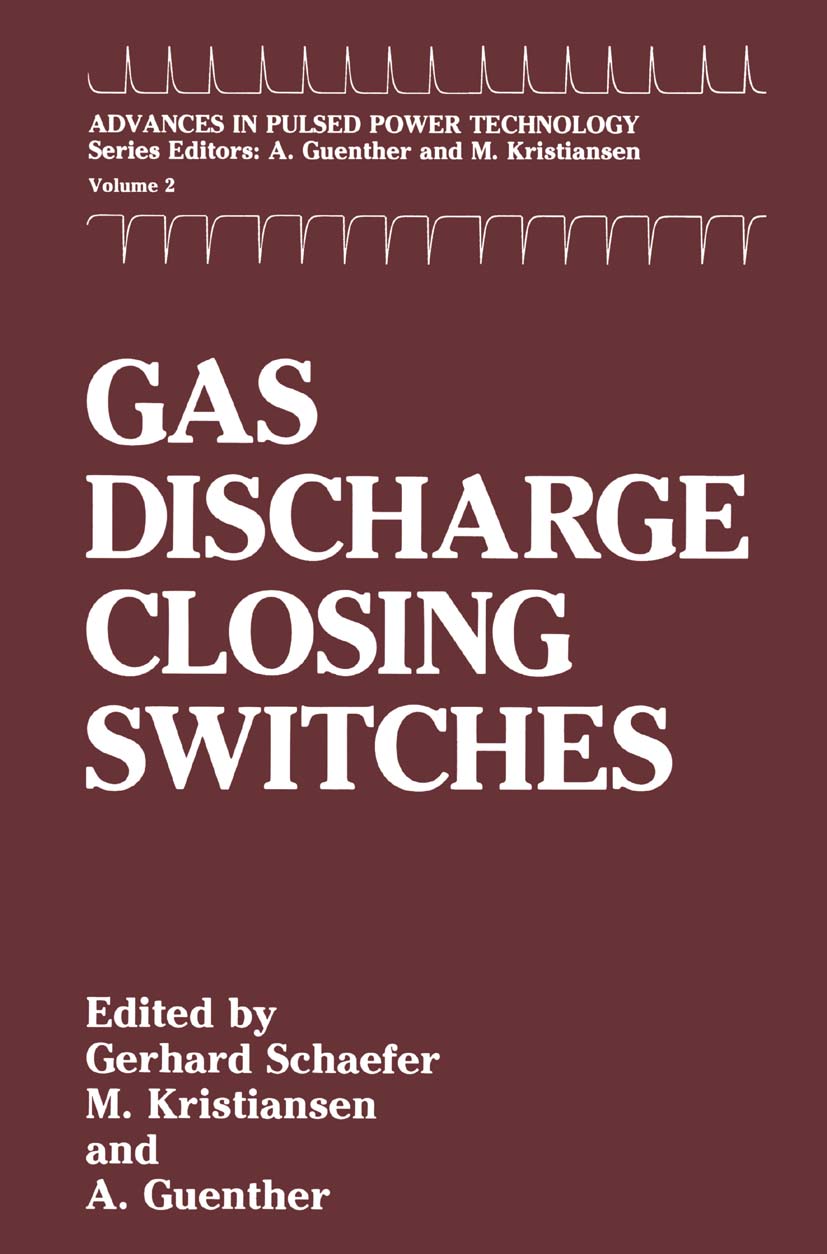
Gas Discharge Closing Switches Pulsed power technology, in the simplest of terms, usually concerns the storage of electrical energy over relatively long times and then its rapid release over a comparatively short period. However, if we leave the definition at that, we miss a multitude of aspects that are important in the ultimate application of pulsed power. It is, in fact, the application of pulsed power technology to which this series of texts will be focused. Pulsed power in today's broader sense means "special power" as opposed to the tra ditional situation of high voltage impulse issues related to the utility industry. Since the pulsed power field is primarily application driven, it has principally an engineering flavor. Today' s applications span those from materials processing, such as metal forming by pulsed magnetic fields, to other varied applications, such as psy chedelic strobe lights or radar modulators. Very high peak power applications occur in research for inertial confinement fusion, the Strategic Defense Initiative and other historical defense uses. lri fact it is from this latter direction that pulsed power has real ized explosive growth over the past half century. Early thrusts were in electrically powered systems that simulated the environment or effects of nuclear weapons detonation. More recently it is being utilized as prime power sources for directed energy weapons, such as lasers, microwaves, particle beam weapons, and even mass drivers (kinetic energy weapons). TECHNOLOGY & ENGINEERING,Electrical
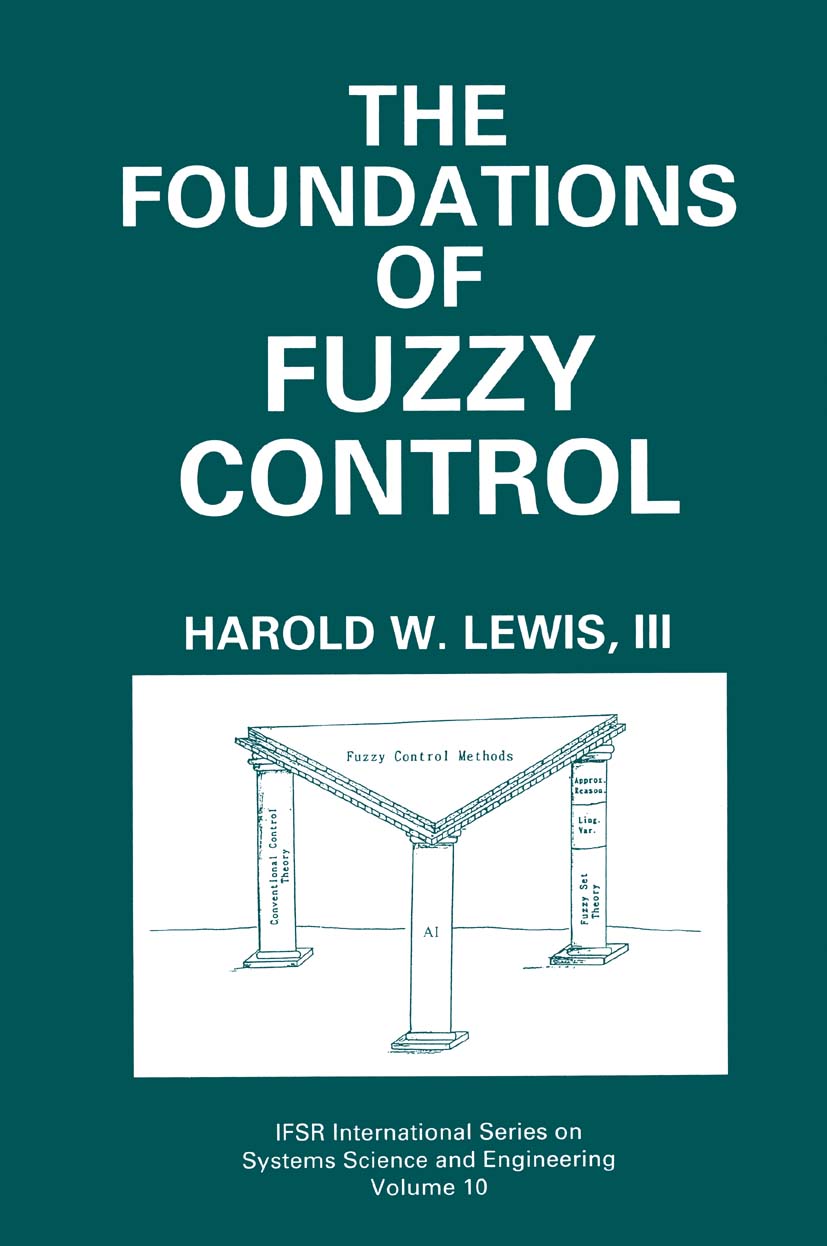
The Foundations of Fuzzy Control Harold Lewis applied a cross-disciplinary approach in his highly accessible discussion of fuzzy control concepts. With the aid of fifty-seven illustrations, he thoroughly presents a unique mathematical formalism to explain the workings of the fuzzy inference engine and a novel test plant used in the research. Additionally, the text posits a new viewpoint on why fuzzy control is more popular in some countries than in others. A direct and original view of Japanese thinking on fuzzy control methods, based on the author's personal knowledge of - and association with - Japanese fuzzy research, is also included. TECHNOLOGY & ENGINEERING,Electrical

Learning Electricity and Electronics with Advanced Educational Technology Proceedings of the NATO Advanced Research Workshop on Learning Electricity and Electronics with Advanced Educational Technology, held in Marne-la-Vallee, France, June 23-27, 1991 TECHNOLOGY & ENGINEERING,Electrical
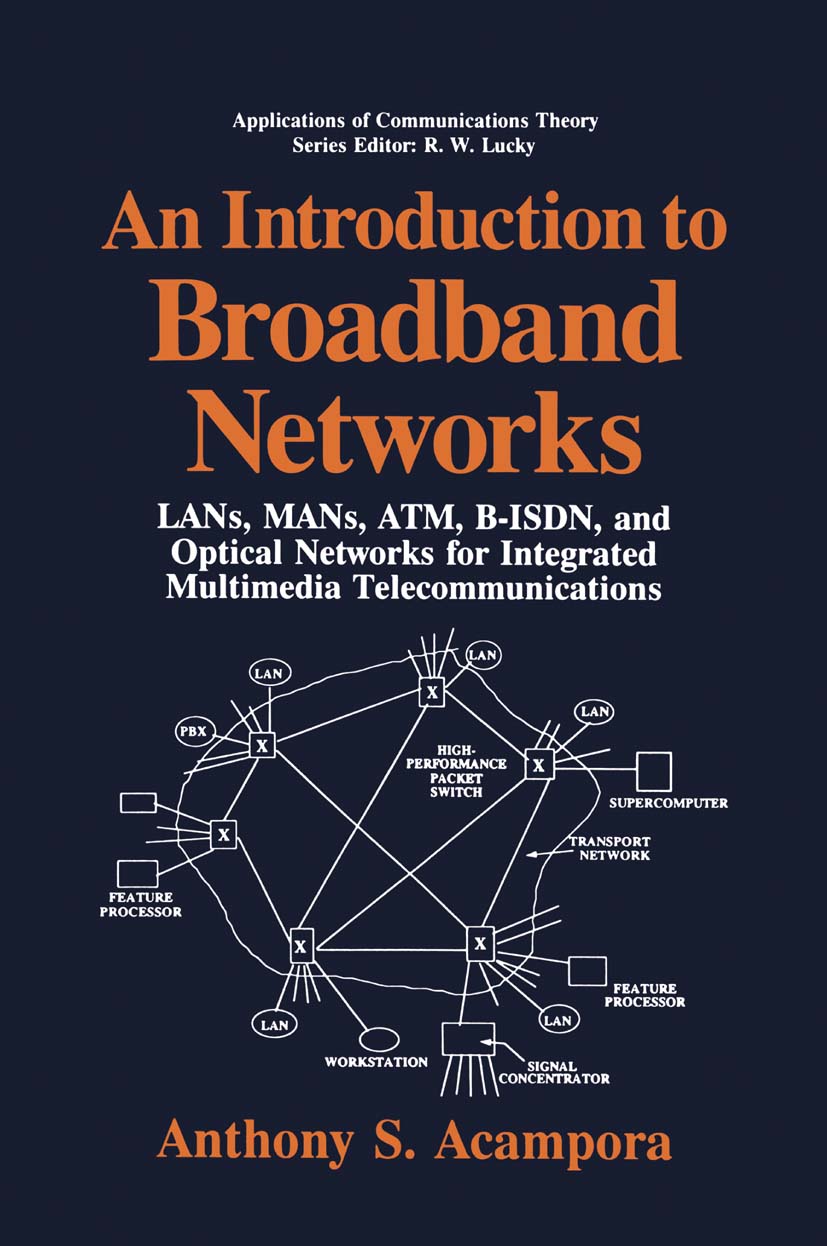
An Introduction to Broadband Networks This is an elementary textbook on an advanced topic: broadband telecommunica tion networks. I must declare at the outset that this book is not primarily intended for an audience of telecommunication specialists who are weIl versed in the concepts, system architectures, and underlying technologies of high-speed, multi media, bandwidth-on-demand, packet-switching networks, although the techni caIly sophisticated telecommunication practitioner may wish to use it as a refer ence. Nor is this book intended to be an advanced textbook on the subject of broadband networks. Rather, this book is primarily intended for those eager to leam more about this exciting fron tier in the field of telecommunications, an audience that includes systems designers, hardware and software engineers, en gineering students, R&D managers, and market planners who seek an understand ing of local-, metropolitan-, and wide-area broadband networks for integrating voice, data, image, and video. Its primary audience also includes researchers and engineers from other disciplines or other branches of telecommunications who anticipate a future involvement in, or who would simply like to leam more about, the field of broadband networks, along with scientific researchers and corporate telecommunication and data communication managers whose increasingly sophis ticated applications would benefit from (and drive the need for) broadband net works. Advanced topics are certainly not ignored (in fact, a plausible argument could be mounted that aIl of the material is advanced, given the infancy of the topic). TECHNOLOGY & ENGINEERING,Electrical
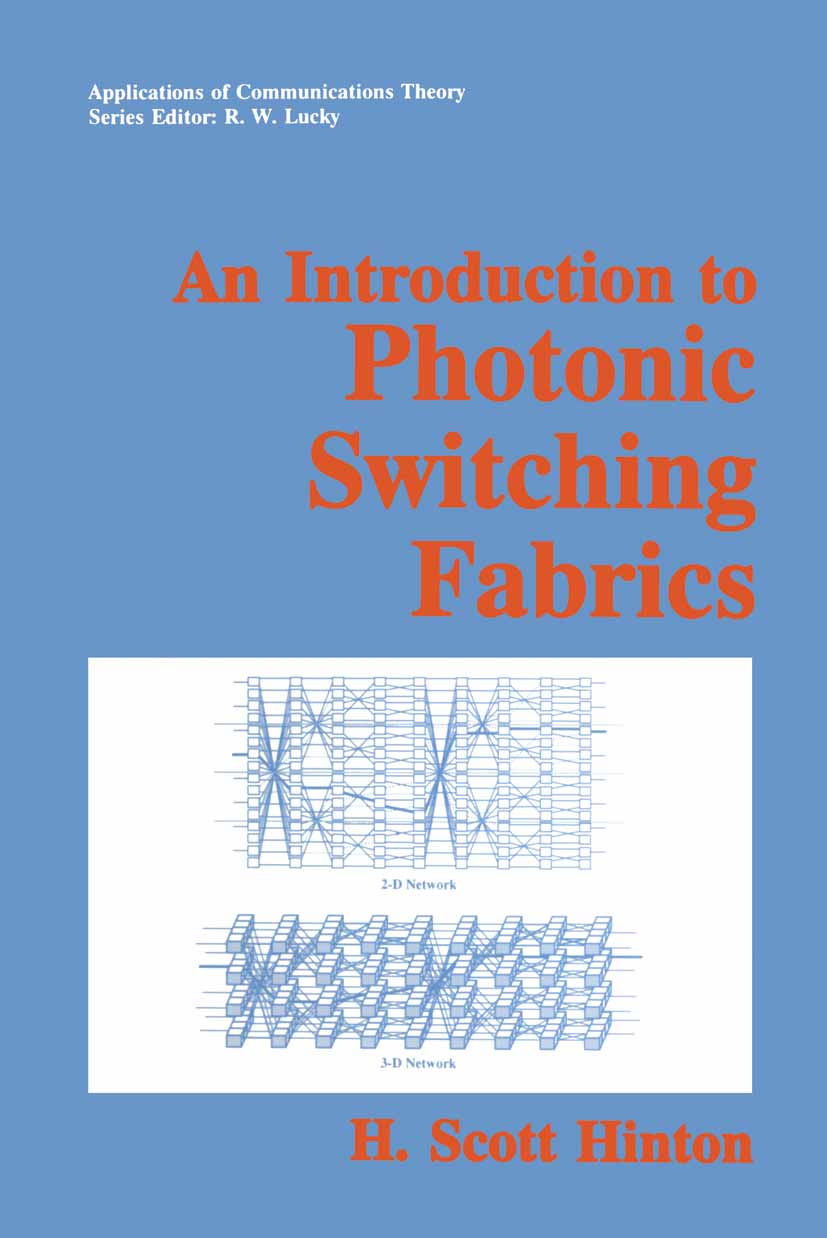
An Introduction to Photonic Switching Fabrics In response to the increasing interest in developing photonic switching fabrics, this book gives an overview of the many technologies from a systems designer's perspective. Optically transparent devices, optical logic devices, and optical hardware are all discussed in detail and set into a systems context. Comprehensive, up-to-date, and profusely illustrated, the work will provide a foundation for the field, especially as broadband services are more fully developed. TECHNOLOGY & ENGINEERING,Electrical
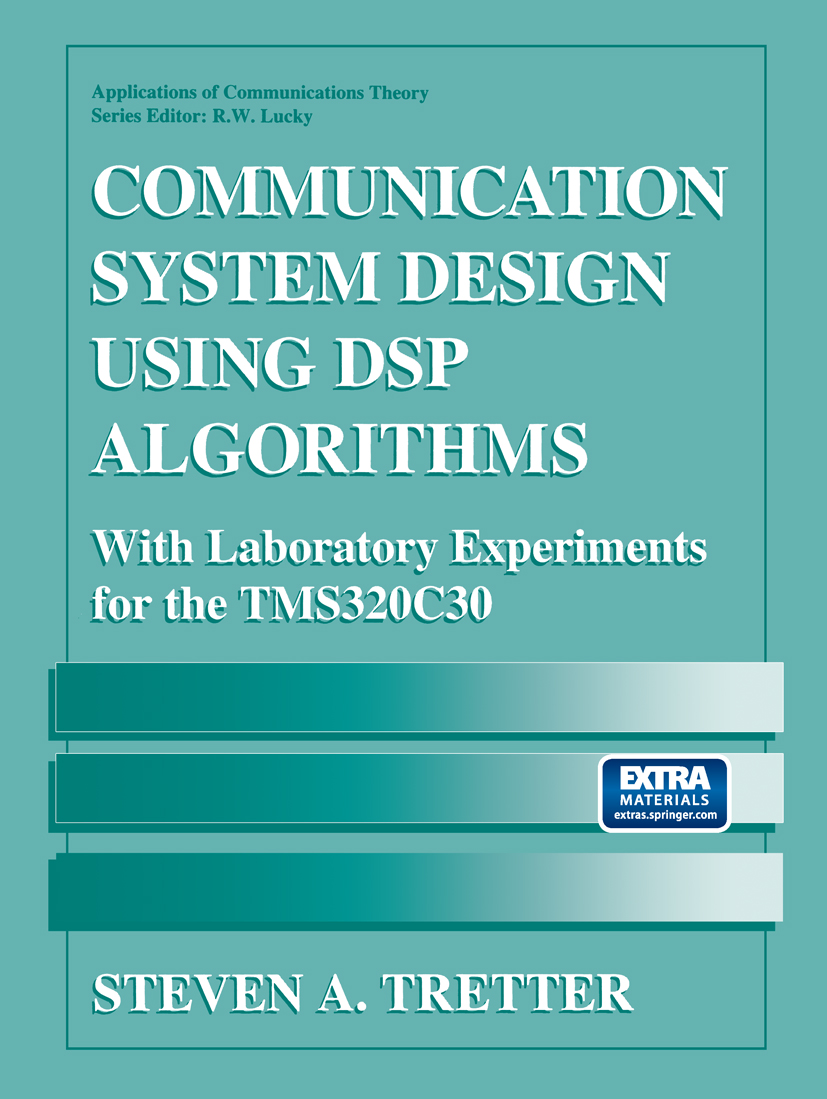
Communication System Design Using DSP Algorithms Designed for senior electrical engineering students, this textbook explores the theoretical concepts of digital signal processing and communication systems by presenting laboratory experiments using real-time DSP hardware. Each experiment begins with a presentation of the required theory and concludes with instructions for performing them. Engineering students gain experience in working with equipment commonly used in industry. This text features DSP-based algorithms for transmitter and receiver functions. TECHNOLOGY & ENGINEERING,Electrical
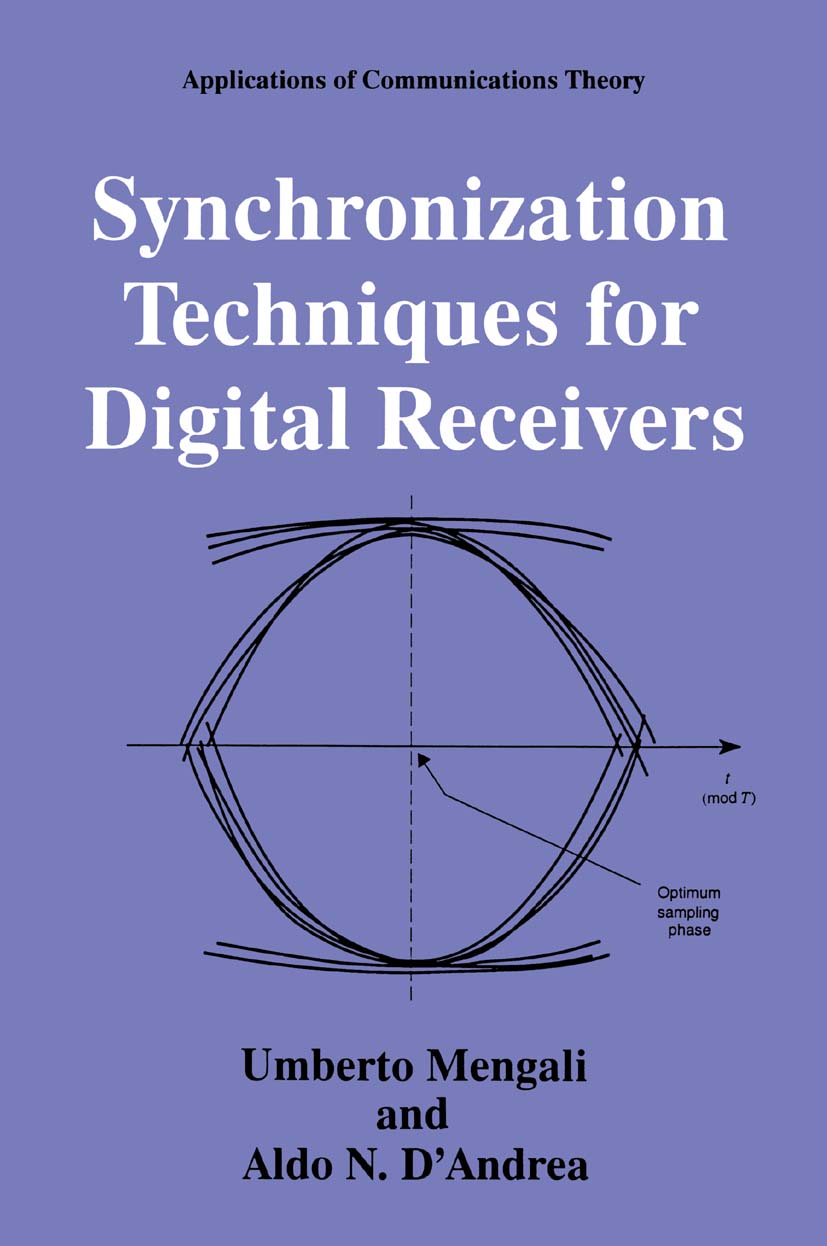
Synchronization Techniques for Digital Receivers Synchronization is a critical function in digital communications; its failures may have catastrophic effects on the transmission system performance. Furthermore, synchronization circuits comprehend such a large part of the receiver hardware that their implementation has a substantial impact on the overall costs. For these reasons design engineers are particularly concerned with the development of new and more efficient synchronization structures. Unfortunately, the advent of digital VLSI technology has radically affected modem design rules, to a point that most analog techniques employed so far have become totally obsolete. Although digital synchronization methods are well established by now in the literature, they only appear in the form of technical papers, often concentrating on specific performance or implementation issues. As a consequence they are hardly useful to give a unified view of an otherwise seemingly heterogeneous field. It is widely recognized that a fundamental understanding of digital synchronization can only be reached by providing the designer with a solid theoretical framework, or else he will not know where to adjust his methods when he attempts to apply them to new situations. The task of the present book is just to develop such a framework. TECHNOLOGY & ENGINEERING,Electrical
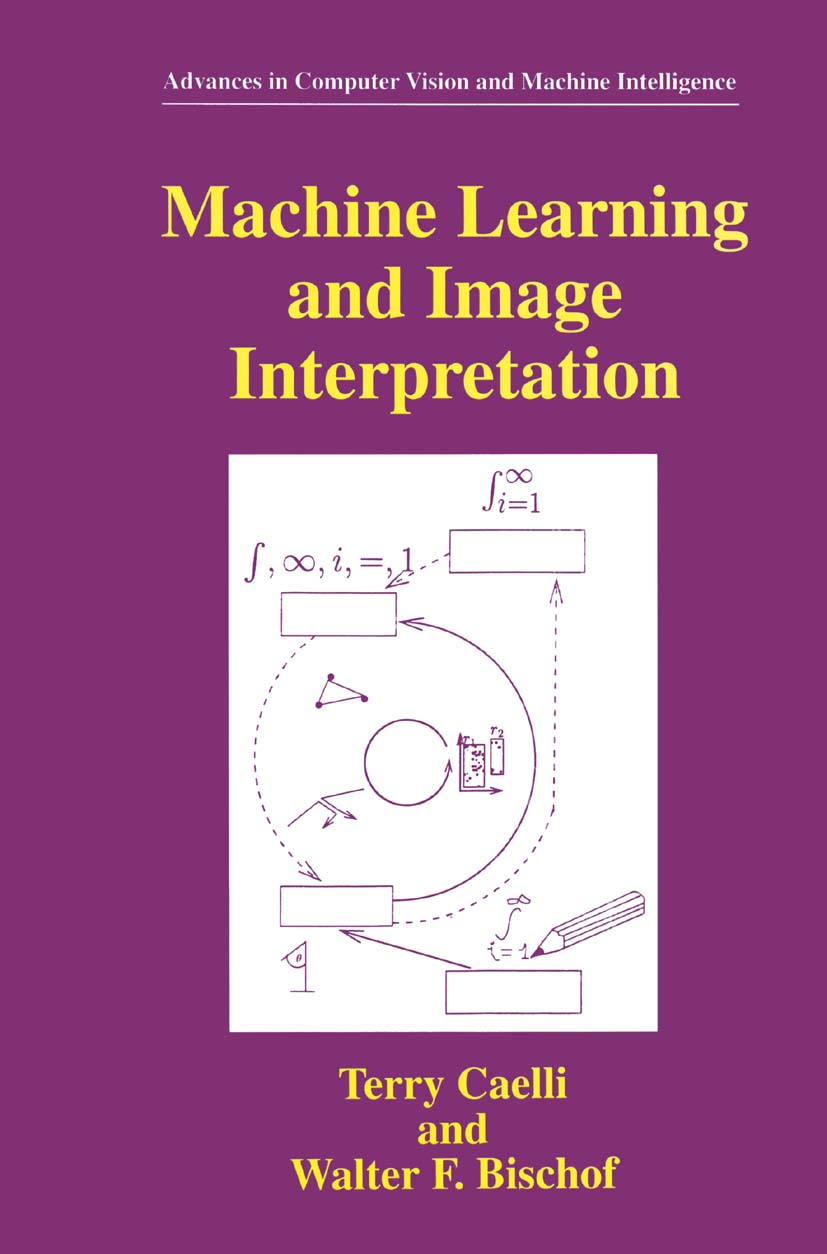
Machine Learning and Image Interpretation In this groundbreaking new volume, computer researchers discuss the development of technologies and specific systems that can interpret data with respect to domain knowledge. Although the chapters each illuminate different aspects of image interpretation, all utilize a common approach - one that asserts such interpretation must involve perceptual learning in terms of automated knowledge acquisition and application, as well as feedback and consistency checks between encoding, feature extraction, and the known knowledge structures in a given application domain. The text is profusely illustrated with numerous figures and tables to reinforce the concepts discussed. TECHNOLOGY & ENGINEERING,Electrical
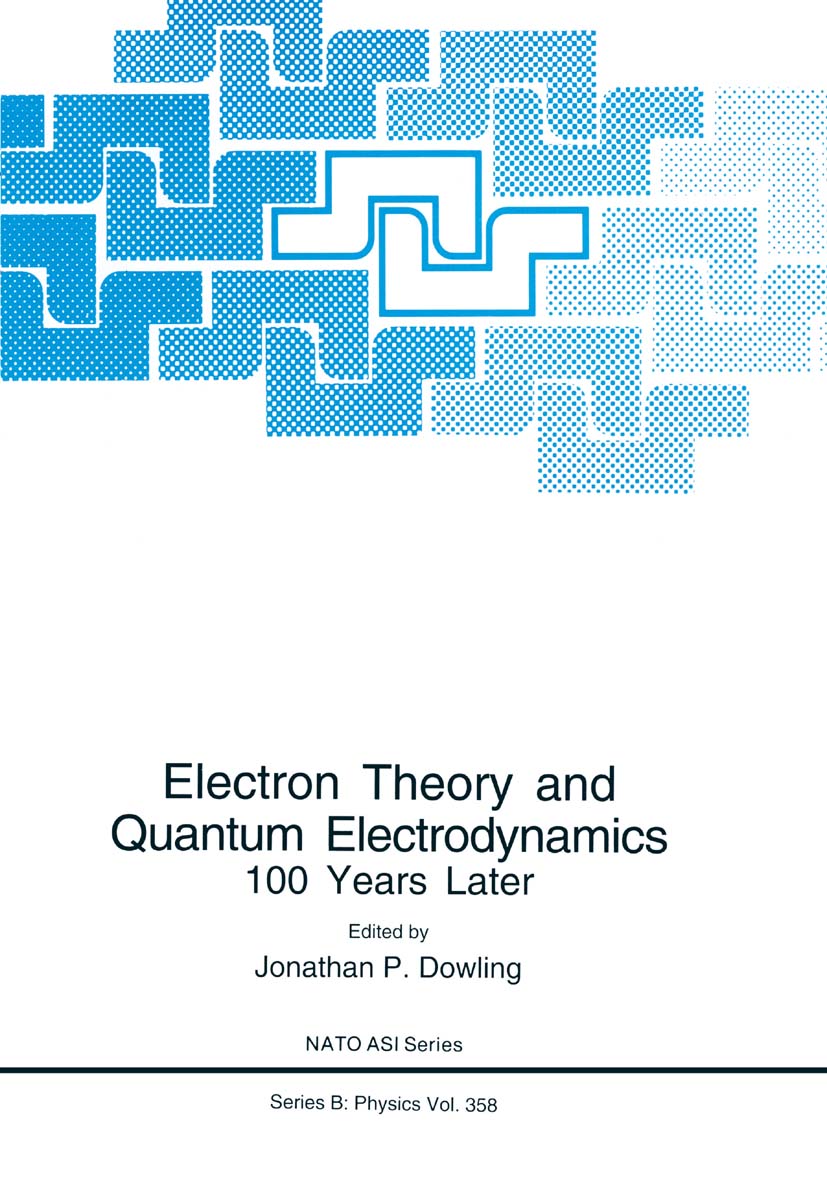
Electron Theory and Quantum Electrodynamics Proceedings of a NATO ASI held in Edime, Turkey, September 5-16, 1994 TECHNOLOGY & ENGINEERING,Electrical
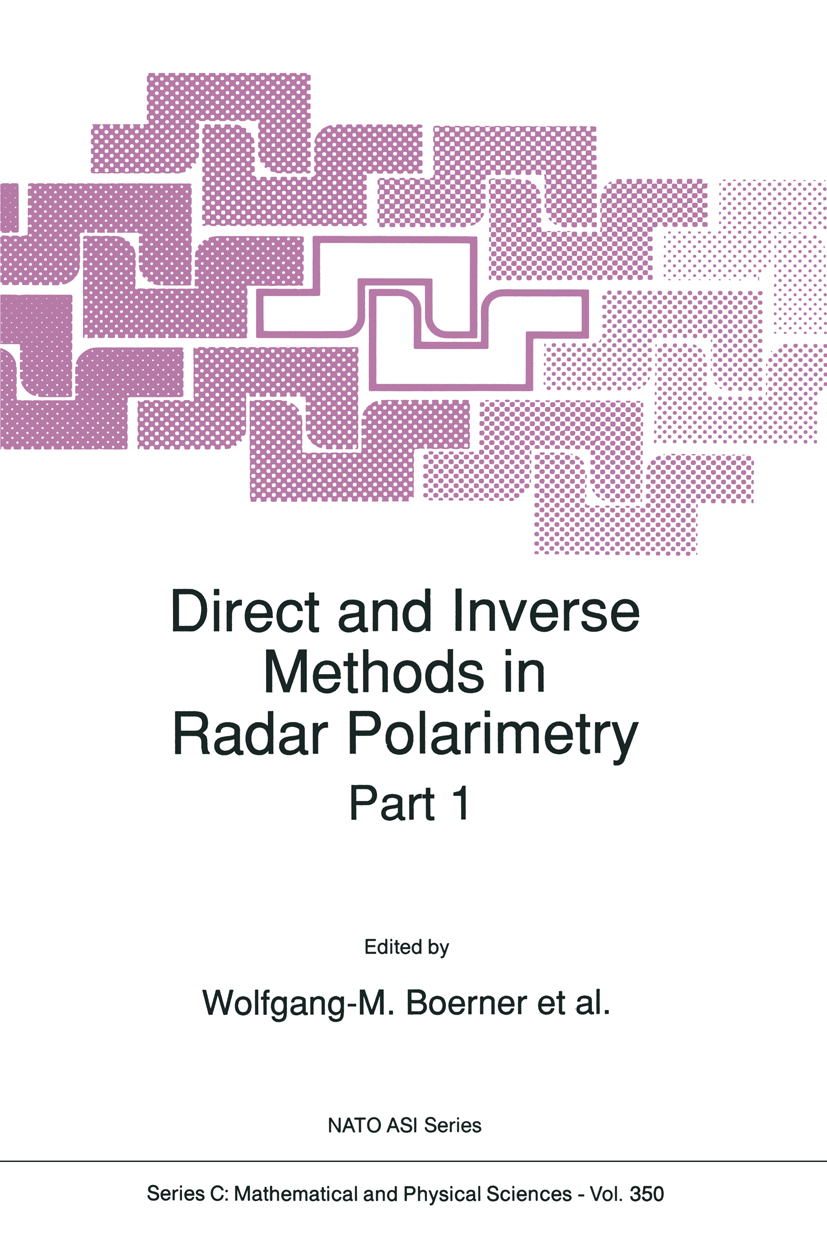
Direct and Inverse Methods in Radar Polarimetry This foreword deals exclusively with the planning, organization, and execution of the Workshop's scientific as well as cultural programs. It is opened with a synopsis on how the global political changes that occurred immediately after the Workshop caused the ~elay in producing the proceedings, followed by a brief exposition on need, timeliness, and importance of this second ARW in the field of electromagnetic imaging, radar remote sensing, and target versus clutter di~rimination; and an outline of the objectives. An informal discussion about some of the organizational details, a retrospective summary of events, and a preview of the third workshop, planned for 1993 September 19-25, is intended to recapture the spirit of this second NATO Advanced Research Workshop (1988 September 18-24), and will reveal how successful it was in compar ison to the first of 1983 September 18-24, how its accomplishments may be appreciated and why a third and last workshop was requested by its participants to take place during 1993 September 19-25. TECHNOLOGY & ENGINEERING,Electrical
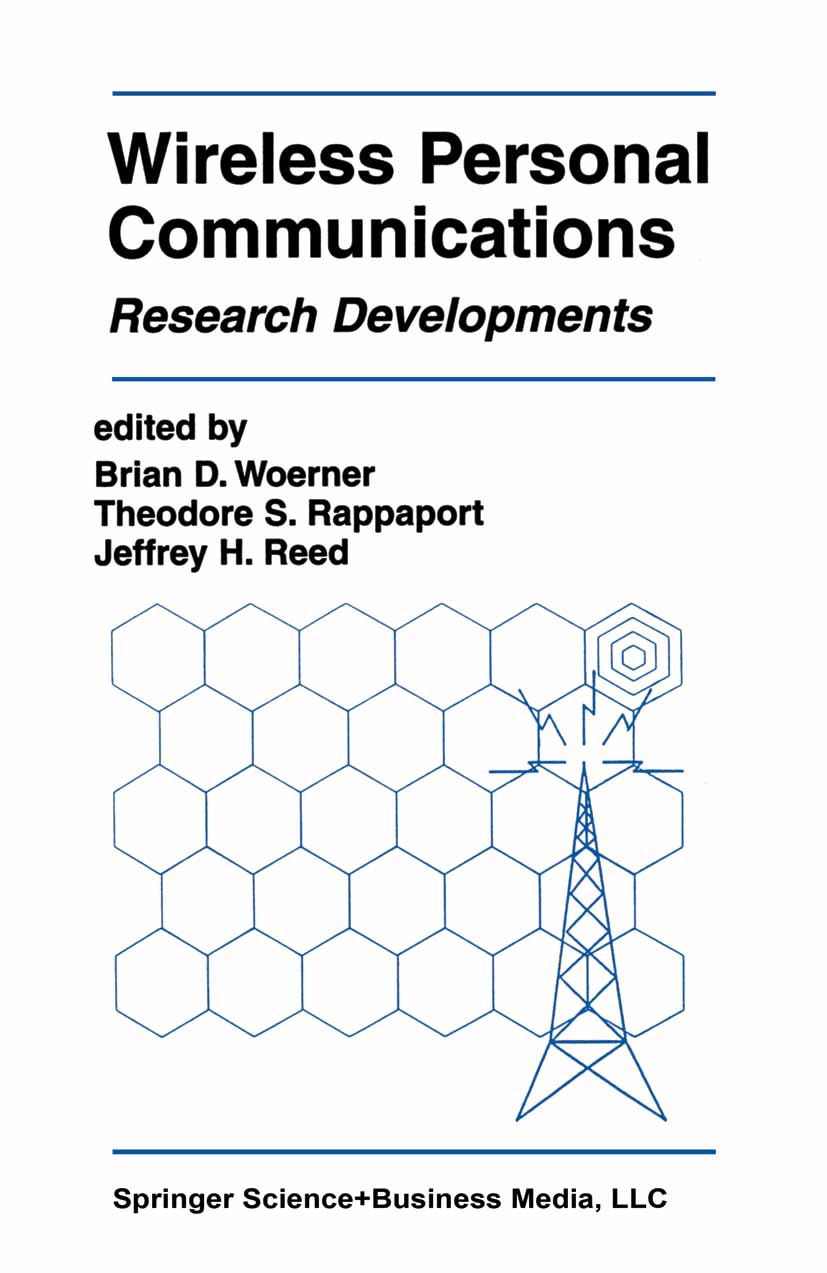
Wireless Personal Communications The area of personal and wireless communications is a burgeoning field. Technology advances and new frequency allocations for personal communication services (PCS) are creating numerous business and technical opportunities. It is becoming clear that an essential requirement for exploiting opportunities is the ability to track the dramatic changes in wireless technology, which is a principal aim of this book. Wireless Personal Communications: Research Developments places particular emphasis on the areas of signal processing, propagation and spread-spectrum, and emerging communication systems. This book contains new results on adaptive antennas for capacity improvements in wireless communication systems, as well as state-of-the-art information on the latest technical developments. Also included are several chapters which discuss the impact of defense conversion on the wireless industry, and related competitive issues. The six parts of the book each focus on a distinct issue in wireless communications. Part I contains several tutorial chapters on key areas in wireless communications. The first chapter is on radio wave propagation for emerging wireless personal communication systems. Chapter two contains a comprehensive study of emerging DSP-based interference rejection techniques for single channel (antenna) systems. Chapter three deals with spread spectrum wireless communications, explaining the concept of spread spectrum, modeling techniques for spread spectrum, and current applications and research issues for spread spectrum systems. Part II focuses on digital signal processing and spread spectrum, two means of creating interference and multipath robust communications. Part III concerns propagation aspects of wireless communications. Part IV discusses the performance of emerging wireless systems. Part V describes the opportunities and pitfalls of defense conversion from the perspective of several U.S. defense firms that have successfully made the transition to commercial wireless. The final section discusses a number of competitive issues regarding personal communication services. TECHNOLOGY & ENGINEERING,Electrical

Analog VLSI Integration of Massive Parallel Signal Processing Systems When comparing conventional computing architectures to the architectures of biological neural systems, we find several striking differences. Conventional computers use a low number of high performance computing elements that are programmed with algorithms to perform tasks in a time sequenced way; they are very successful in administrative applications, in scientific simulations, and in certain signal processing applications. However, the biological systems still significantly outperform conventional computers in perception tasks, sensory data processing and motory control. Biological systems use a completely dif ferent computing paradigm: a massive network of simple processors that are (adaptively) interconnected and operate in parallel. Exactly this massively parallel processing seems the key aspect to their success. On the other hand the development of VLSI technologies provide us with technological means to implement very complicated systems on a silicon die. Especially analog VLSI circuits in standard digital technologies open the way for the implement at ion of massively parallel analog signal processing systems for sensory signal processing applications and for perception tasks. In chapter 1 the motivations behind the emergence of the analog VLSI of massively parallel systems is discussed in detail together with the capabilities and !imitations of VLSI technologies and the required research and developments. Analog parallel signal processing drives for the development of very com pact, high speed and low power circuits. An important technologicallimitation in the reduction of the size of circuits and the improvement of the speed and power consumption performance is the device inaccuracies or device mismatch. TECHNOLOGY & ENGINEERING,Electrical

Acoustical Sensing and Imaging For complex operating modalities and dimensionalities, the design and development of high-performance sensing and imaging systems represent the most direct and significant advances in the field of system analysis and signal processing. In this field, the core components are physical modeling, mathematical analysis, formulation of image reconstructi TECHNOLOGY & ENGINEERING,Electrical
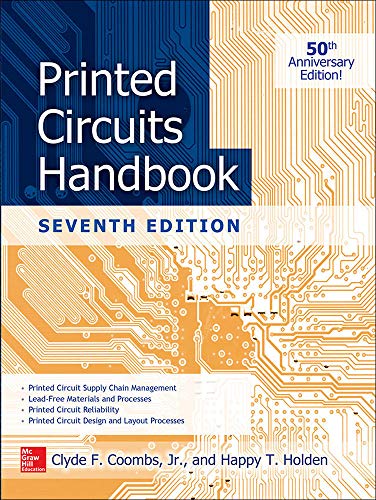
Printed Circuits Handbook, Seventh Edition The world's leading guide to printed circuits—completely updated to include the latest tools, technology, and techniques The de facto industry-standard for over 30 years, this practical guide equips you with definitive coverage of every facet of printed circuit assemblies—from design methods to fabrication processes. Now thoroughly revised and updated, this book offers cutting-edge coverage of printed circuit engineering, fabrication, construction, soldering, testing, and repair. Printed Circuits Handbook, Seventh Edition features all new, critical guidance on how to create, manage, and measure performance throughout the global supply chain. Written by a team of international experts from both industry and academia, this comprehensive volume offers new information on geographical specialization as well as the latest phase of the EUs Directive on the Restriction of Hazardous Substances (ROHS II). Fully overhauled to cover the latest scientific and technical developments Brand-new coverage of printed circuit supply chain technology and geographical specialization Complete explanations of new EU safety directives for halogen-free base materials TECHNOLOGY & ENGINEERING,Electrical
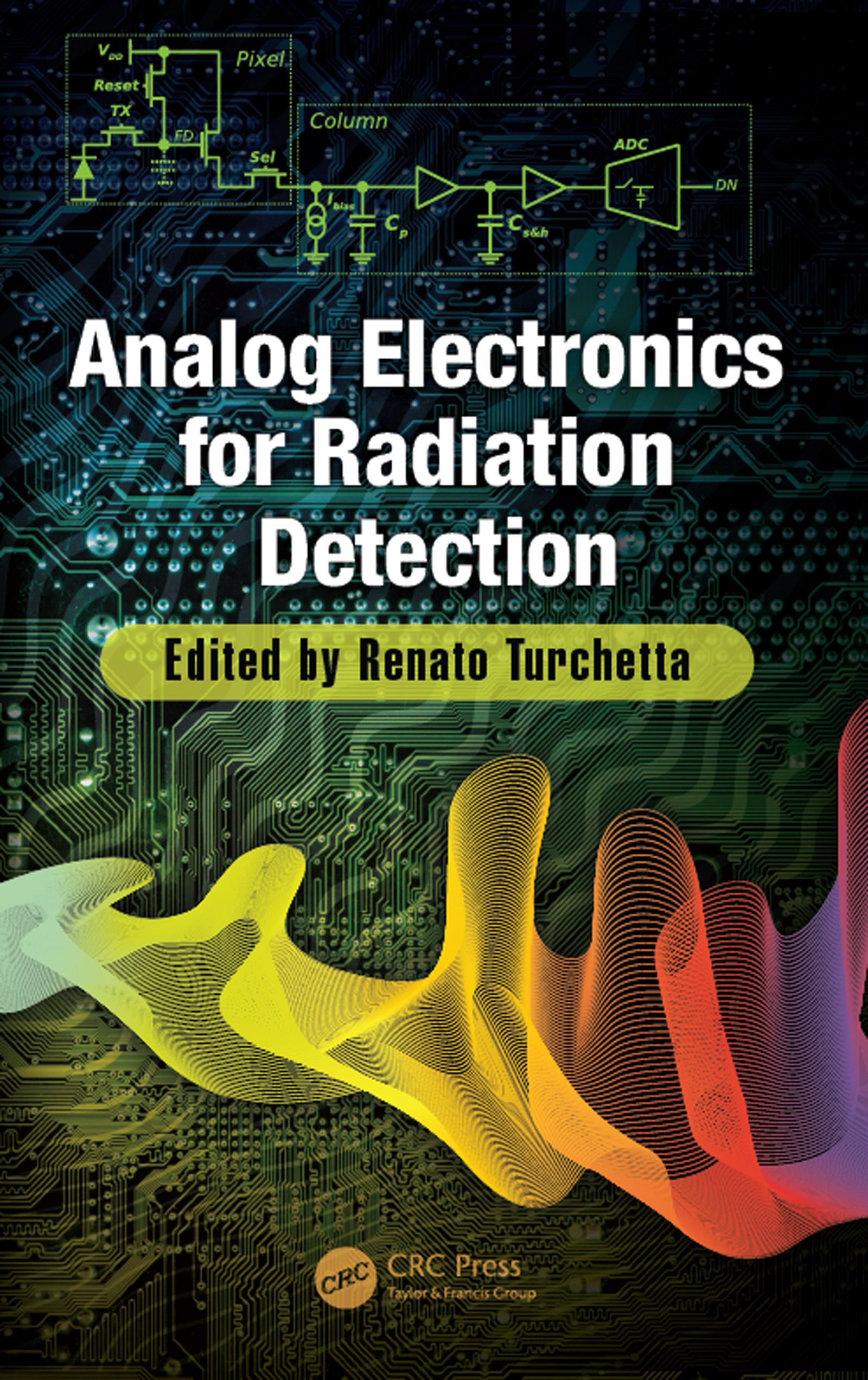
Analog Electronics for Radiation Detection Analog Electronics for Radiation Detection showcases the latest advances in readout electronics for particle, or radiation, detectors. Featuring chapters written by international experts in their respective fields, this authoritative text: Defines the main design parameters of front-end circuitry developed in microelectronics technologies Explains the basis for the use of complementary metal–oxide semiconductor (CMOS) image sensors for the detection of charged particles and other non-consumer applications Delivers an in-depth review of analog-to-digital converters (ADCs), evaluating the pros and cons of ADCs integrated at the pixel, column, and per-chip levels Describes incremental sigma–delta ADCs, time-to-digital converter (TDC) architectures, and digital pulse-processing techniques complementary to analog processing Examines the fundamental parameters and front-end types associated with silicon photomultipliers used for single visible-light photon detection Discusses pixel sensors with per-pixel TDCs, channel density challenges, and emerging 3D technologies interconnecting detectors and electronics Thus, Analog Electronics for Radiation Detection provides a single source for state-of-the-art information on analog electronics for the readout of radiation detectors. TECHNOLOGY & ENGINEERING,Electrical

LTE Signaling with Diameter Diameter Signaling Principles, Techniques, and Best Practices Effectively configure, deploy, and manage Diameter signaling using the practical information contained in this comprehensive guide. Written by an internationally recognized telecommunications expert, LTE Signaling with Diameter thoroughly explains the protocol, how it works, and how it is used in all networks. Find out about Diameter features and capabilities, IETF and 3GPP requirements, setup and migration techniques, and policy, IMS, and location-based services. Real-world examples and messaging samples are provided throughout. You will get an overview of the evolution of mobile networking—from 0G to 5G—and valuable appendices. LTE Signaling with Diameter covers: · Diameter Protocol Fundamentals · Routing in the Diameter Network · Relay, Redirect, and Proxy Agents · Diameter Path Authorization · Diameter for Accounting · Event and Session Charging · Online and Offline Charging · Connecting to Subscriber Databases · Connecting to Policy and IMS TECHNOLOGY & ENGINEERING,Electrical
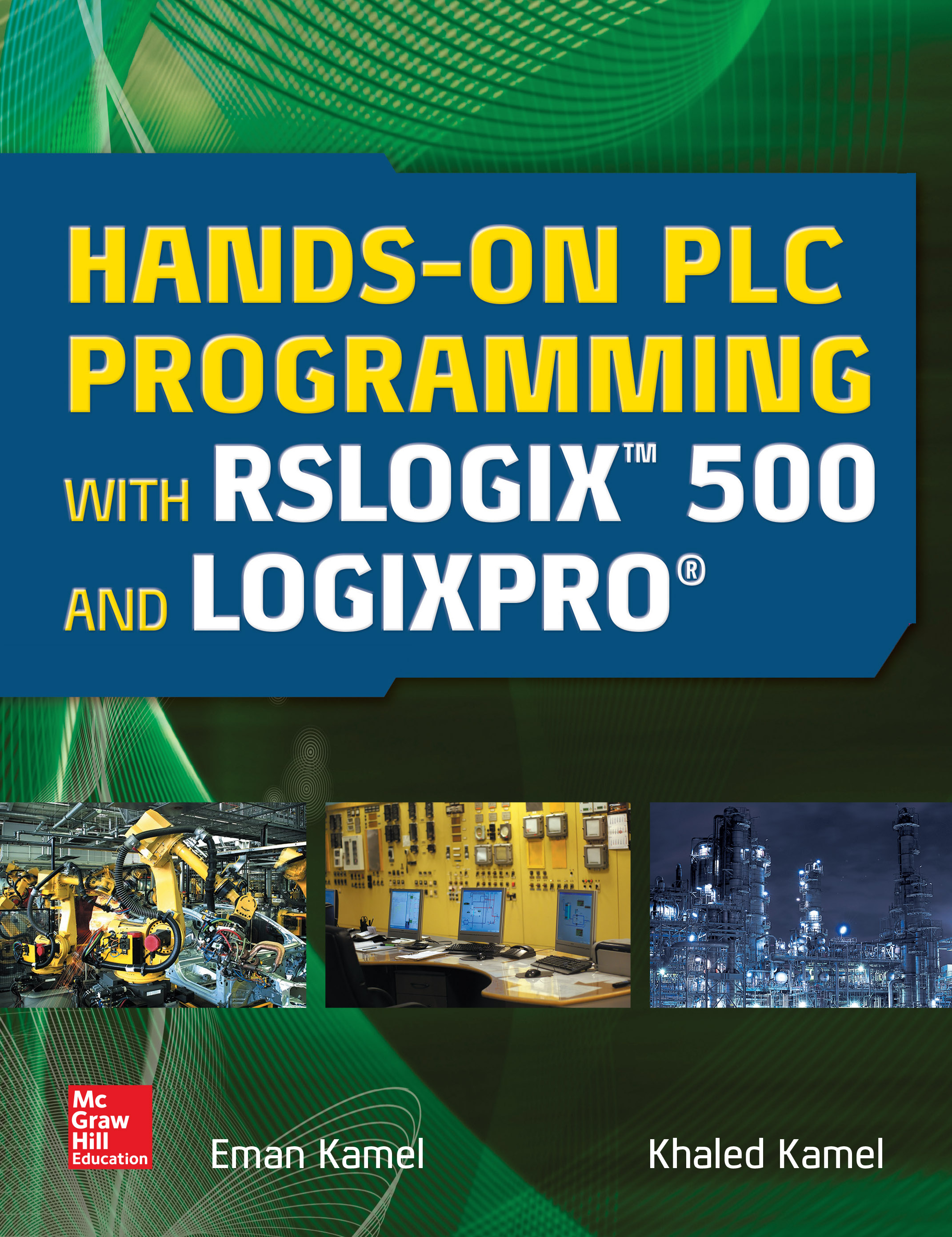
Hands On PLC Programming with RSLogix 500 and LogixPro Master the art of PLC programming and troubleshooting Program, debug, and maintain high-performance PLC-based control systems using the detailed information contained in this comprehensive guide. Written by a pair of process automation experts, Hands-On PLC Programming with RSLogix™ 500 and LogixPro® lays out cutting-edge programming methods with a strong focus on practical industrial applications. Homework questions and laboratory projects illustrate important points throughout. A start-to-finish capstone design project at the end of the book illustrates real-world uses for the concepts covered. Inside: • Introduction to PLC control systems and automation• Fundamentals of PLC logic programming• Timer and counter programming• Math, move, comparison, and program control instructions• HMI design and hardware configuration• Process control design and troubleshooting• Instrumentation and process control• Analog programming and advanced control• Comprehensive case studies TECHNOLOGY & ENGINEERING,Electrical
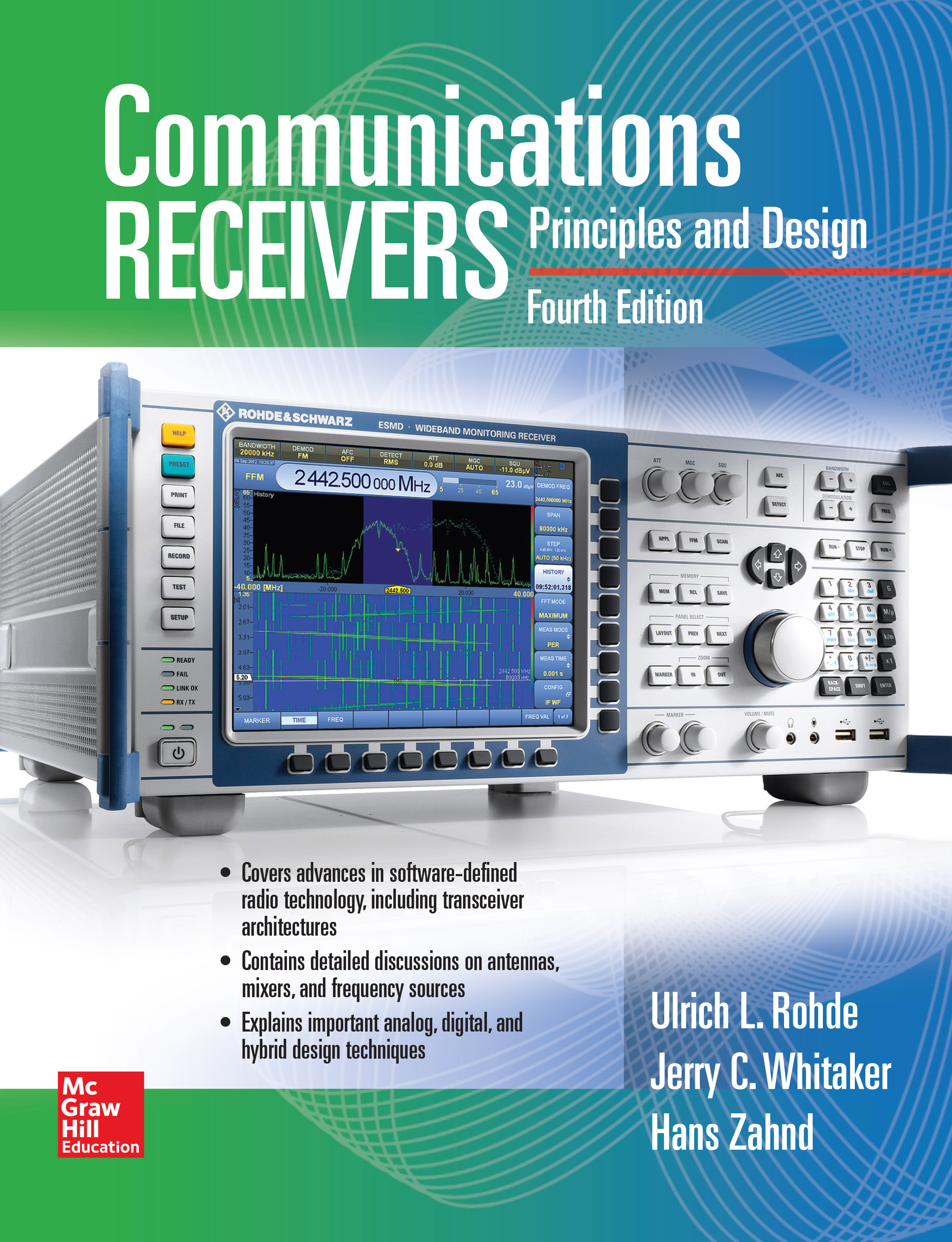
Communications Receivers, Fourth Edition State-of-the-art communications receiver technologies and design strategies This thoroughly updated guide offers comprehensive explanations of the science behind today’s radio receivers along with practical guidance on designing, constructing, and maintaining real-world communications systems. You will explore system planning, antennas and antenna coupling, amplifiers and gain control, filters, mixers, demodulation, digital communication, and the latest software defined radio (SDR) technology. Written by a team of telecommunication experts, Communications Receivers: Principles and Design, Fourth Edition, features technical illustrations, schematic diagrams, and detailed examples. Coverage includes: • Basic radio considerations• Radio receiver characteristics• Receiver system planning• Receiver implementation considerations• RF and baseband techniques for Software-Defined Radios• Transceiver SDR considerations• Antennas and antenna coupling• Mixers• Frequency sources and control• Ancillary receiver circuits• Performance measurement TECHNOLOGY & ENGINEERING,Electrical
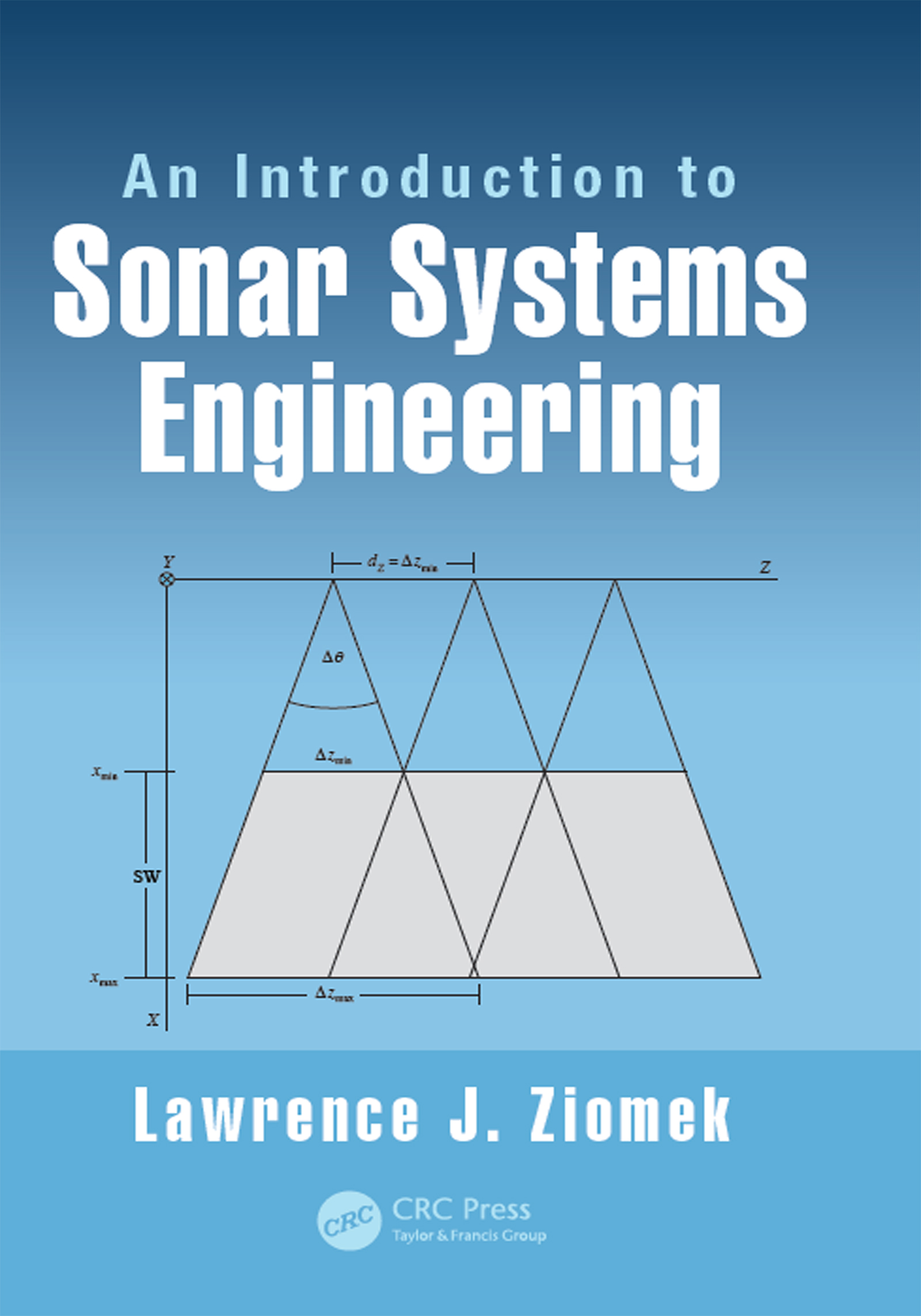
An Introduction to Sonar Systems Engineering Written in tutorial style, this textbook discusses the fundamental topics of modern day Sonar Systems Engineering for the analysis and design of both active and passive sonar systems. Included are basic signal design for active sonar systems and understanding underwater acoustic communication signals. Mathematical theory is provided, plus practical design and analysis equations for both passive and active sonar systems. Practical homework problems are included at the end of each chapter and a solutions manual and lecture slides for each chapter are available for adopting professors. TECHNOLOGY & ENGINEERING,Electrical

McGraw-Hill's National Electrical Code 2017 Handbook, 29th Edition The Definitive Guide to the 2017 National Electrical Code Completely revised to fully align with the 2017 NEC, McGraw-Hill’s National Electrical Code (NEC) 2017 Handbook, 29th Edition, presents the trusted advice and analysis you need to accurately interpret the latest set of rules. In-depth coverage of the background and rationale for specific rules enhances understanding of the meaning and application of those rules. This practical resource also illustrates key points through discussions with owners and inspectors. Designed to be used as a companion guide to the 2017 NEC itself, this on-the-job reference is arranged in code order, so the explanation for any topic lines up exactly with the applicable section in the code. You will gain access to straightforward, ready-to-apply code clarification, enabling you to work efficiently and safely and achieve full compliance. • Completely updated to cover all changes in the 2017 NEC• Provides concise explanations of controversial rules• Written by a senior member of the NEC steering committee TECHNOLOGY & ENGINEERING,Electrical
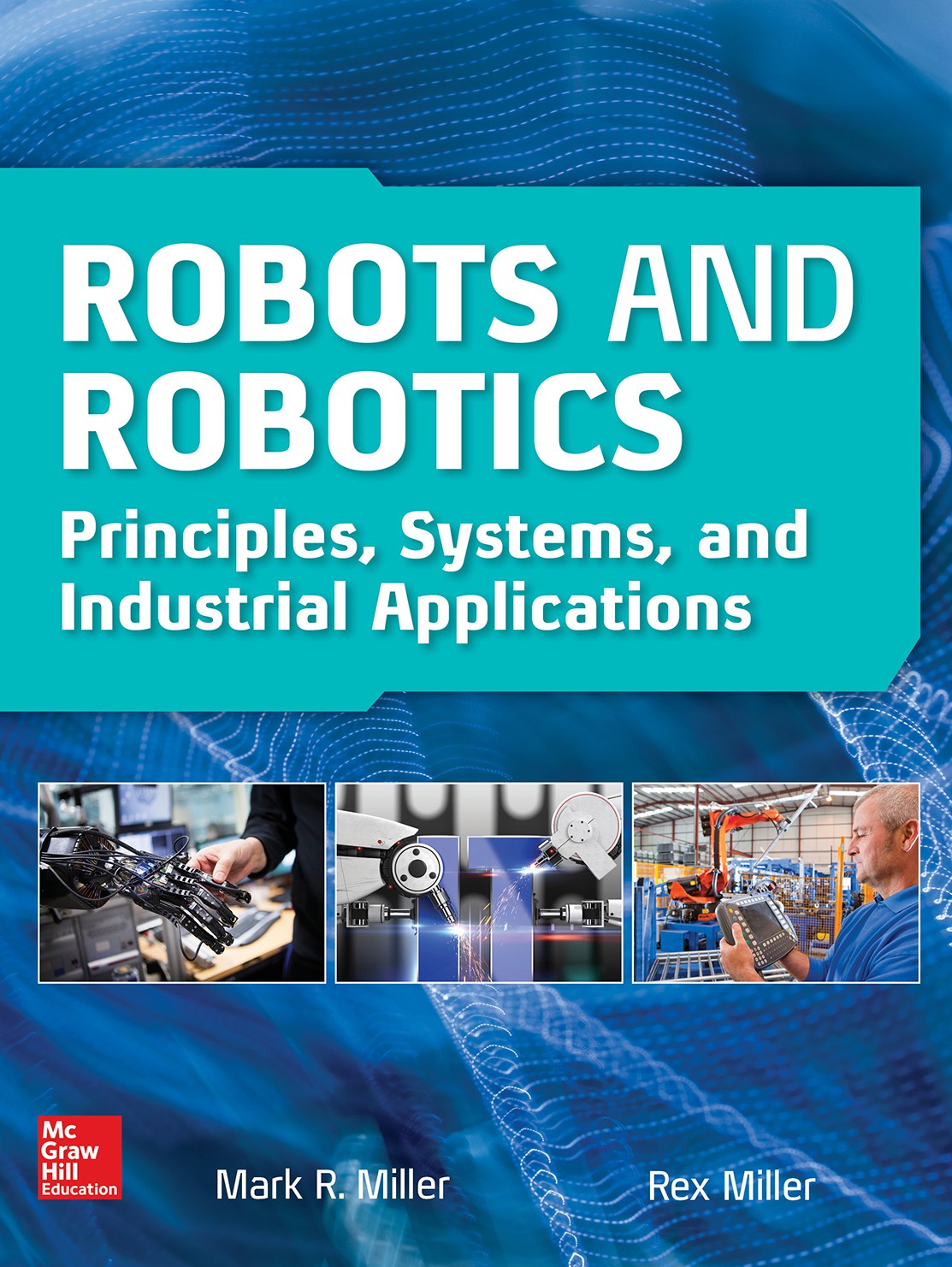
Robots and Robotics Master the principles and practices of industrial robotics Written by a pair of technology experts and accomplished educators, this comprehensive resource provides a solid foundation in applied industrial robotics and robot technology. You will get straightforward explanations of the latest components, techniques, and capabilities along with practical examples and detailed illustrations. The book takes a look at the entire field of robotics―from design and production to deployment, operation, and maintenance. Valuable appendices provide information on specific robot models, pendants, and controllers. Robots and Robotics: Principles, Systems and Industrial Applications covers: • Robot and robotics fundamentals• Identification of components• Robot parts and robotic motion capabilities• Programs, programming languages, and microprocessors• Drive systems, pumps, motors, and sensors• Control methods• Industrial applications• Specifications and capabilities• Troubleshooting and maintenance• Emerging technologies and the future of robotics TECHNOLOGY & ENGINEERING,Electrical
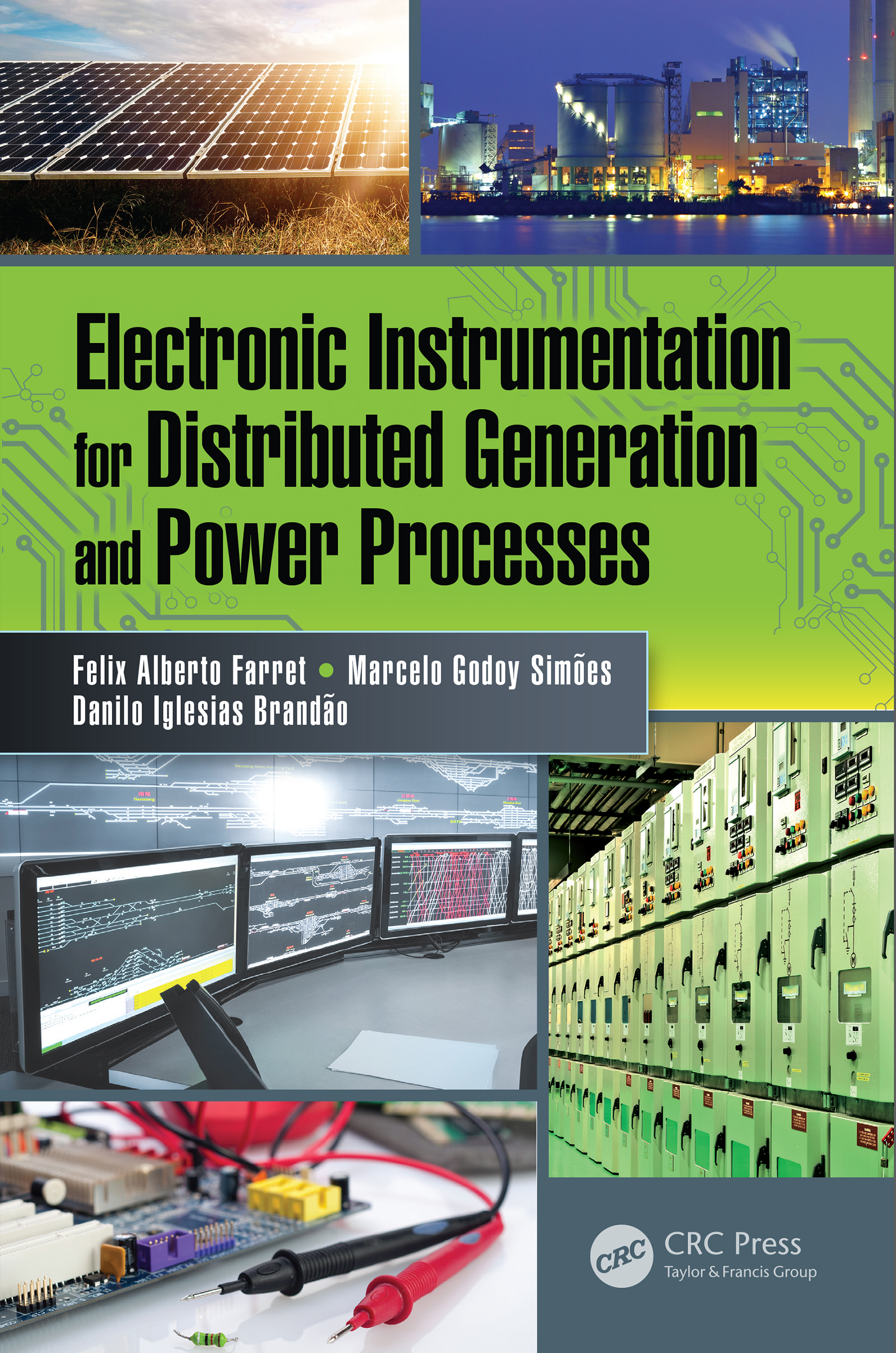
Electronic Instrumentation for Distributed Generation and Power Processes The goal of the book is to provide basic and advanced knowledge of design, analysis, and circuit implementation for electronic instrumentation and clarify how to get the best out of the analog, digital, and computer circuitry design steps. The reader will learn the physical fundamentals guiding the electrical and mechanical devices that allow for a modern automation and control system, which are widely comprised of computers, electronic instrumentation, communication loops, smart grids, and digital circuitry. It includes practical and technical data on electronic instrumentation with respect to efficiency, maximum power, and applications. Additionally, the text discusses fuzzy logic and neural networks and how they can be used in practice for electronic instrumentation of distributed generation, smart grids, and power systems. TECHNOLOGY & ENGINEERING,Electrical

Energy for Sustainability Energy for Sustainability is the first undergraduate textbook on renewable energy and energy efficiency with a unique focus on the community scale. Written by two of the foremexperts in the field, it is a pedagogically complete treatmof energy sources and uses. It examines the full range of issues—from generating technologies to land use planning—in making the transition to sustainable energy. The book begins by providing a historical perspective on energy use by human civilizations and then covers energy fundamentals and trends; buildings and energy; sustainable electricity; sustainable transportation and land use; and energy policy and planning. Included in these topical areas are in-depth discussions of all of the mpromising sources of renewable energy, including solar photovoltaic systems, wind turbines, and biofuels. In addition, the authors offer a thorough presentation of "green†building design, the impact of land use and transportation patterns on energy use, and the policies needed to transform energy markets at the local, state, and national levels. Throughout, the authors first provide the necessary theory and then demonstrate how it can be applied, utilizing cutting-edge practices and technologies, and the mcurravailable data. Since the dawn of the industrial age, the explosive growth in economic productivity has been fueled by oil, coal, and natural gas. World energy use nearly doubled between 1975 and 2005. China's energy use has been doubling every decade. The implications for the environmare staggering. One way or another, our reliance on fossil fuels will have to end. Energy for Sustainability evaluates the alternatives and helps students understand how, with good planning and policy decisions, renewable energy and efficiency can support world demands at costs we can afford—economically, environmentally, and socially. TECHNOLOGY & ENGINEERING,Electrical
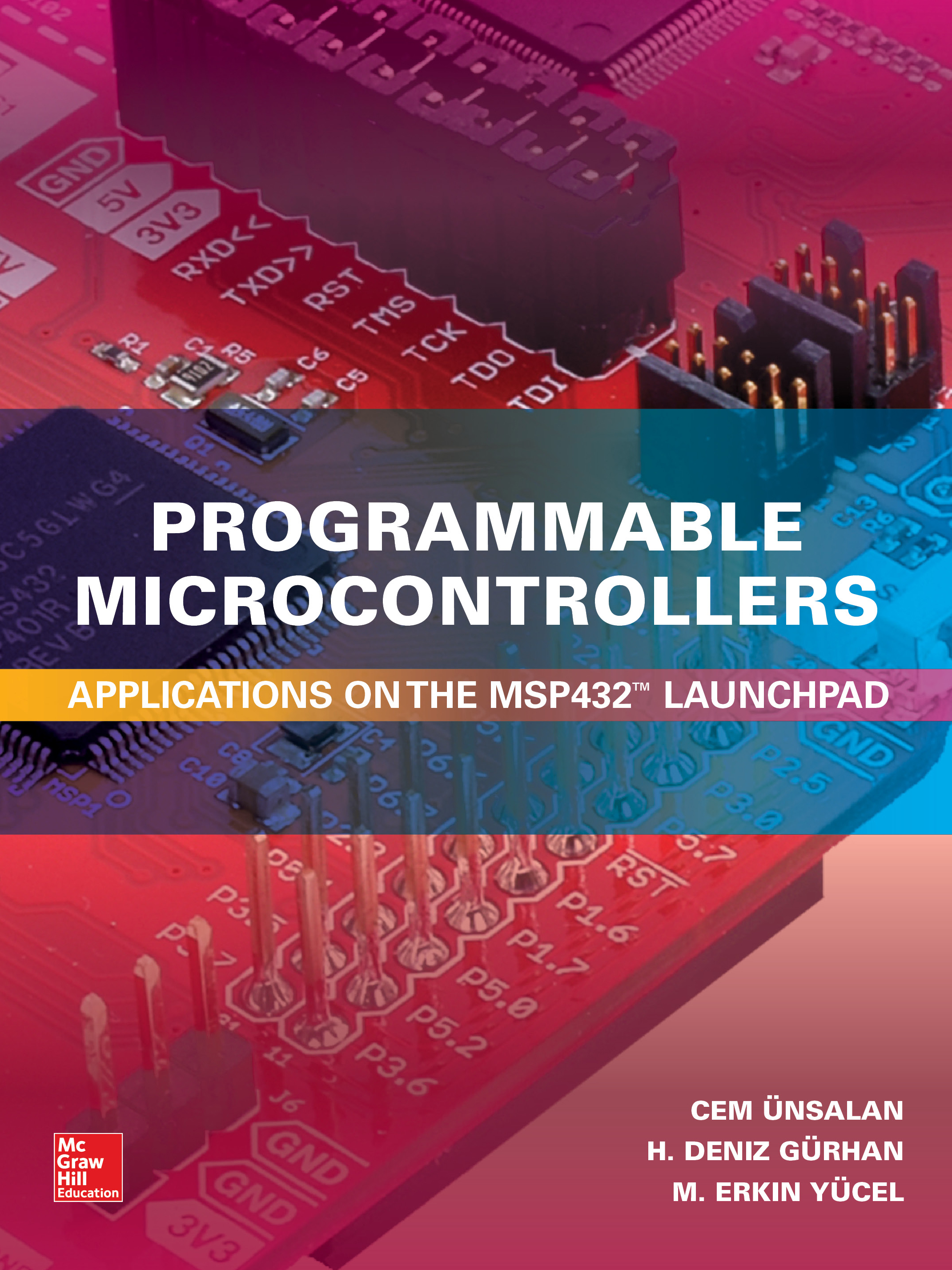
Programmable Microcontrollers Develop and Deploy Powerful MSP432 Microcontroller Applications Bolster your electronics skills and learn to work with the cutting-edge MSP432 microcontroller using the practical information contained in this comprehensive guide. Programmable Microcontrollers: Applications on the MSP432 LaunchPad clearly explains each concept and features detailed illustrations, real-world examples, and DIY projects. Discover how to configure the MSP432, program custom functions, interface with external hardware, and communicate via WiFi. Ideal for practicing engineers and hobbyists alike, this hands-on guide empowers you to program all microcontrollers by thoroughly understanding the MSP432. Coverage includes: • MSP432 architecture • Code Composer Studio (CCS) • CCS Cloud and Energia • MSP432 programming with C and Assembly • Digital I/O • Exceptions and interrupts • Power management and timing operations • Mixed signal systems • Digital and wireless communication • Flash memory, RAM, and direct memory access • Real-time operating system • Advanced applications TECHNOLOGY & ENGINEERING,Electrical
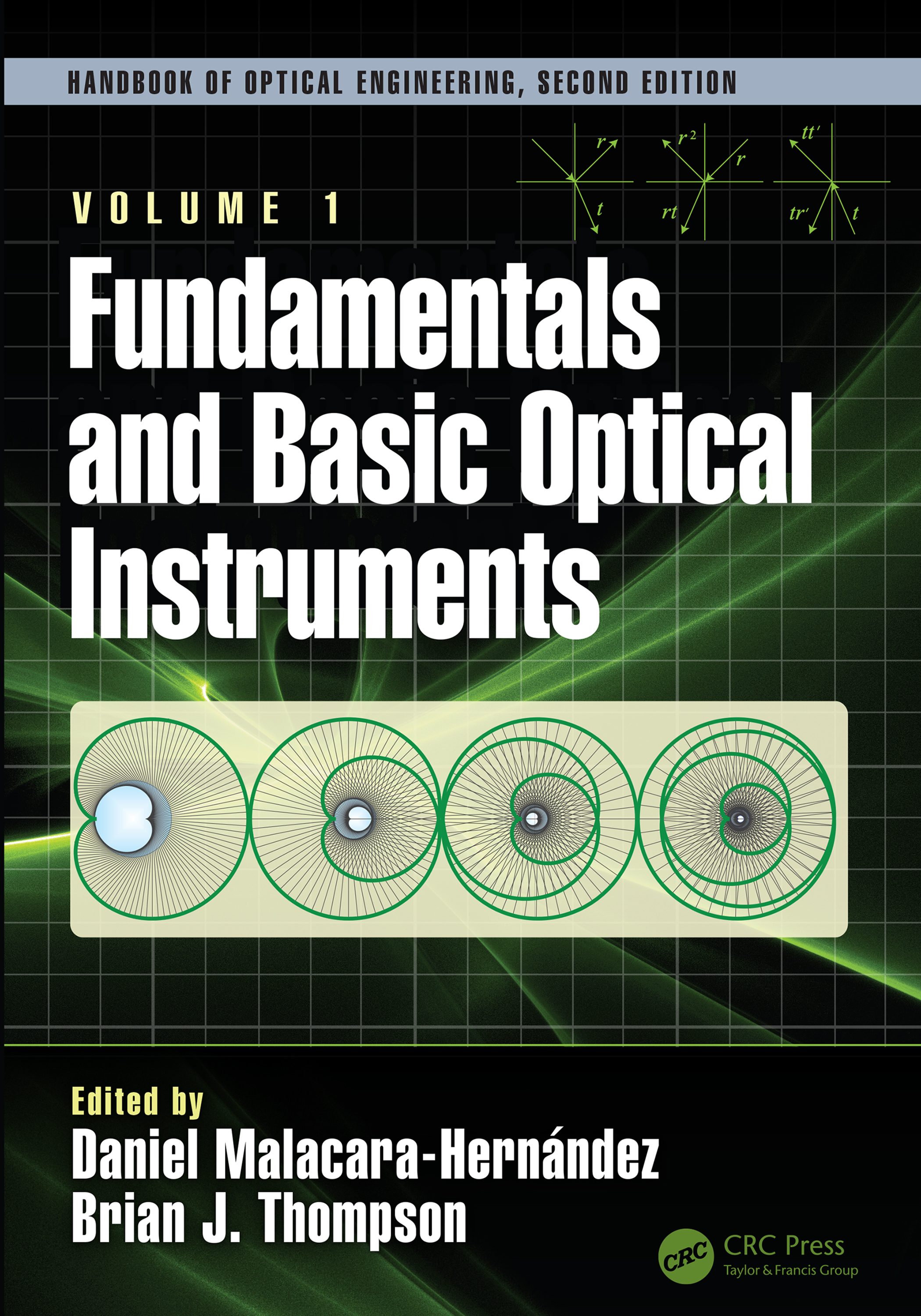
Fundamentals and Basic Optical Instruments Fundamentals and Basic Optical Instruments includes thirteen chapters providing an introductory guide to the basics of optical engineering, instrumentation, and design. Topics include basic geometric optics, basic wave optics, and basic photon and quantum optics. Paraxial ray tracing, aberrations and optical design, and prisms and refractive optical components are included. Polarization and polarizing optical devices are covered, as well as optical instruments such as telescopes, microscopes, and spectrometers. TECHNOLOGY & ENGINEERING,Electrical
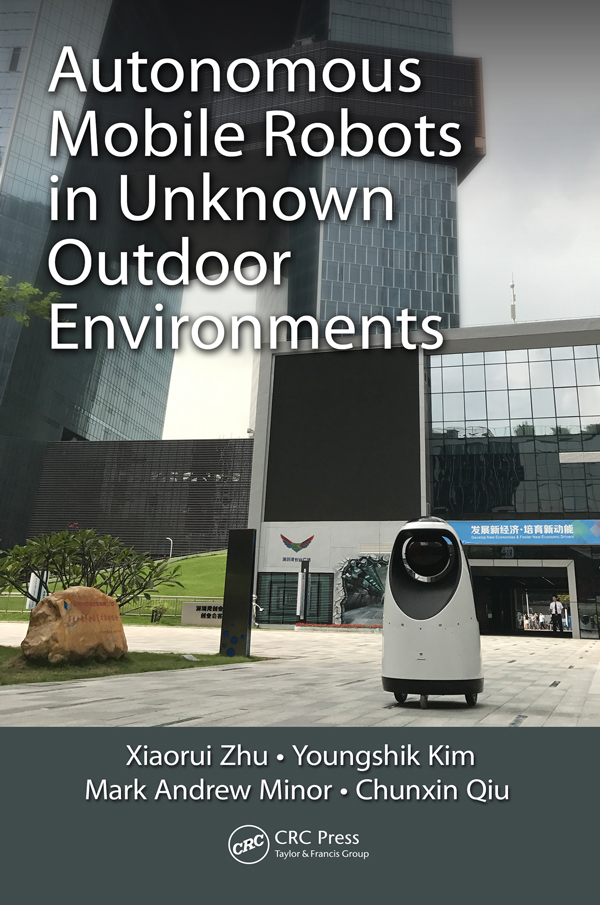
Autonomous Mobile Robots in Unknown Outdoor Environments Mobile robots have been increasingly applied in many different scenarios, such as space exploration and search and rescue, where the robots are required to travel over uneven terrain while outdoors. This book provides a new framework and the related algorithms for designing autonomous mobile robotic systems in such unknown outdoor environments. TECHNOLOGY & ENGINEERING,Electrical

Standard Handbook for Electrical Engineers, Seventeenth Edition Up-to-date coverage of every facet of electric power in a single volume This fully revised, industry-standard resource offers practical details on every aspect of electric power engineering. The book contains in-depth discussions from more than 100 internationally recognized experts. Generation, transmission, distribution, operation, system protection, and switchgear are thoroughly explained. Standard Handbook for Electrical Engineers, Seventeenth Edition, features brand-new sections on measurement and instrumentation, interconnected power grids, smart grids and microgrids, wind power, solar and photovoltaic power generation, electric machines and transformers, power system analysis, operations, stability and protection, and the electricity market. Coverage includes: • Units, symbols, constants, definitions, and conversion factors • Measurement and instrumentation • Properties of materials • Interconnected power grids • AC and DC power transmission • Power distribution • Smart grids and microgrids • Wind power generation • Solar power generation and energy storage • Substations and switch gear • Power transformers, generators, motors, and drives • Power electronics • Power system analysis, operations, stability, and protection • Electricity markets • Power quality and reliability • Lightning and overvoltage protection • Computer applications in the electric power industry • Standards in electrotechnology, telecommunications, and IT TECHNOLOGY & ENGINEERING,Electrical
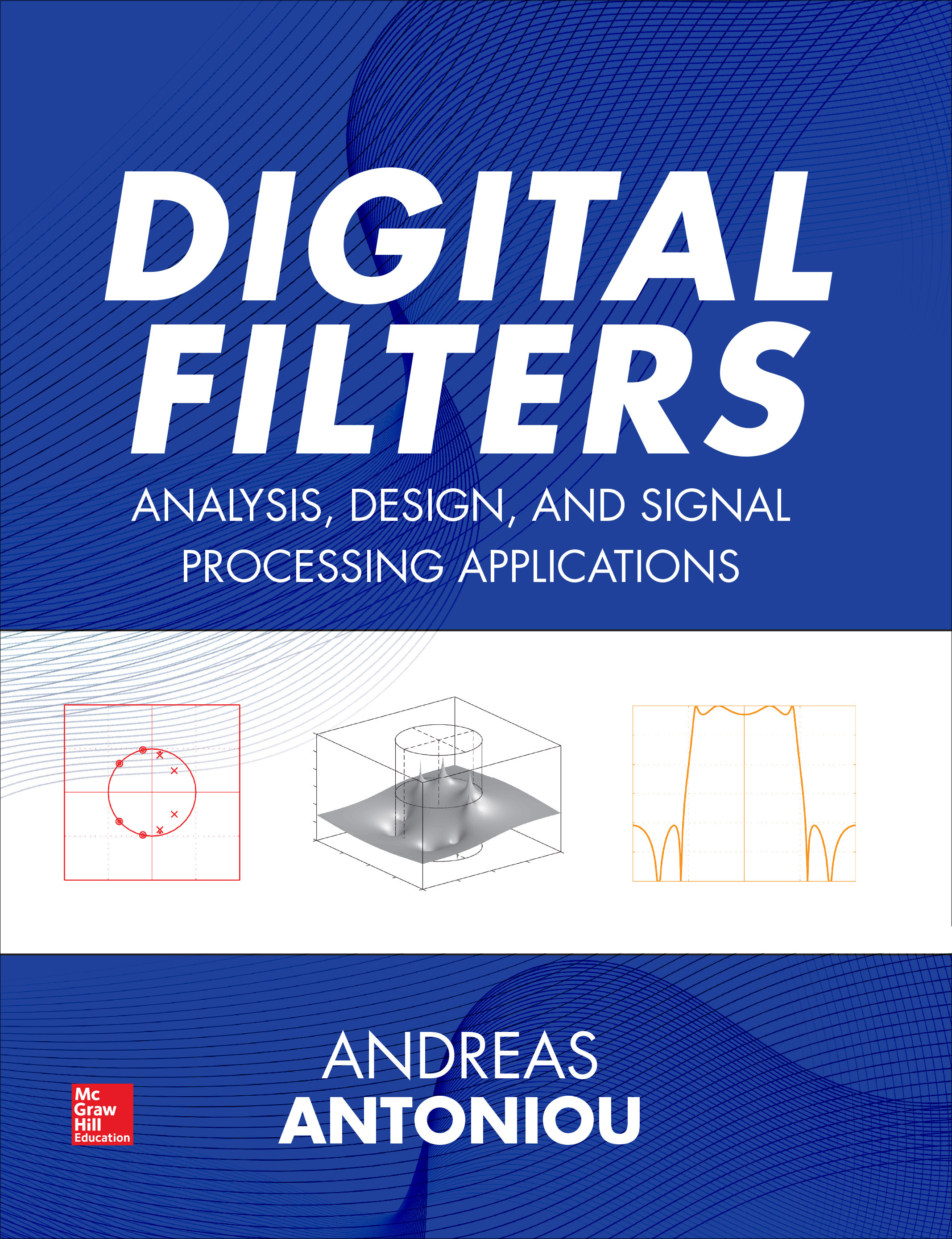
Digital Filters Up-to-date digital filter design principles, techniques, and applications Written by a Life Fellow of the IEEE, this comprehensive textbook teaches digital filter design, realization, and implementation and provides detailed illustrations and real-world applications of digital filters to signal preocessing. Digital Filters: Analysis, Design, and Signal Processing Applications provides a solid foundation in the fundamentals and concepts of DSP and continues with state-of-the-art methodologies and algorithms for the design of digital filters. You will get clear explanations of key topics such as spectral analysis, discrete-time systems, and the sampling process.. This hands-on resource is supported by a rich collection of online materials which include PDF presentations, detailed solutions of the end-of-chapter problems, MATLAB programs that can be used to analyze and design digital filters of professional quality, and also the author’s DSP software D-Filter. Coverage includes: • Discrete-time systems • The Fourier series and transform • The Z transform • Application of transform theory to systems • The sampling process • The discrete Fourier transform • The window technique • Realization of digital filters • Design of recursive and nonrecursive filters • Approximations for analog filters • Recursive filters satisfying prescribed specifications • Effects of finite word length on digital filters • Design of recursive and nonrecursive filters using optimization methods • Wave digital filters • Signal processing applications TECHNOLOGY & ENGINEERING,Electrical

Synthetic Aperture Radar Processing Synthetic Aperture Radar Processing simply and methodically presents principles and techniques of Synthetic Aperture Radar (SAR) image generation by analyzing its system transfer function. The text considers the full array of operation modes from strip to scan, emphasizes processing techniques, enabling the design of operational SAR codes. A simple example then follows.This book will be invaluable to all SAR scientists and engineers working in the field. It may be used as the basis for a course on SAR image generation or as a reference book on remote sensing. It contains a wide spectrum of information presented with clarity and rigor. TECHNOLOGY & ENGINEERING,Electrical
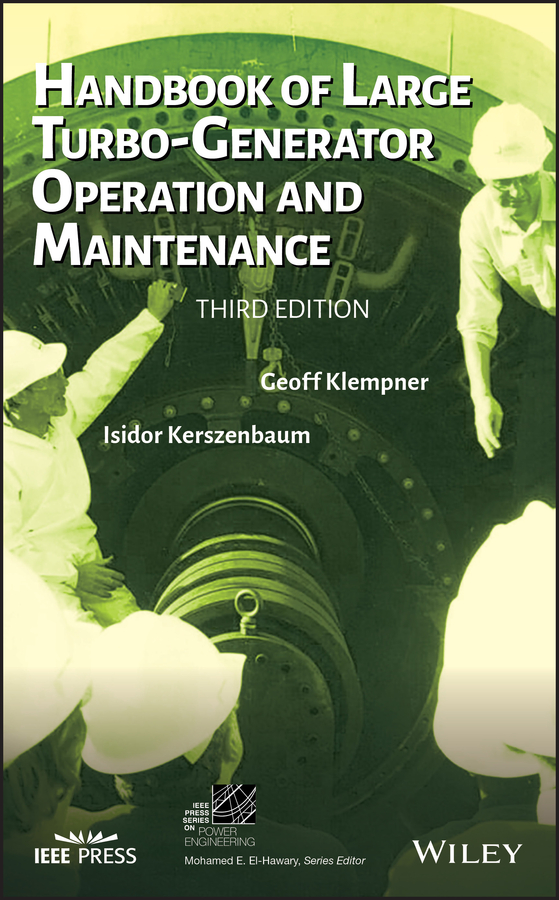
Handbook of Large Turbo-Generator Operation and Maintenance The comprehensive guide for large turbo-generator operation and maintenance The Handbook of Large Turbo-Generator Operation and Maintenance is an expanded 3rd edition of the authors’ second edition of the same book. This updated revision covers additional topics on generators and provides more depth on existing topics. It is the ultimate resource for operators and inspectors of large utility and industrial generating facilities who deal with multiple units of disparate size, origin, and vintage. The book is also an excellent learning tool for students, consulting and design engineers. It offers the complete scope of information regarding operation and maintenance of all types of turbine-driven generators found in the world. Based on the authors' ver eighty combined years of generating station and design work experience, the information presented in the book is designed to inform the reader about actual machine operational problems and failure modes that occur in generating stations and other types of facilities. Readers will find very detailed coverage of: Design and construction of generators and auxiliary systems Generator operation and control, including interaction with the grid Monitoring, diagnostics, and protection of turbo-generators Inspection practices for the stator, rotor, and auxiliary systems Maintenance testing, including electrical and non-destructive examination Ideas on maintenance strategies and life cycle management Additional topics on uprating of generators and long term storage are also included The Handbook of Large Turbo-Generator Operation and Maintenance comes packed with photos and graphs, commonly used inspection forms, and extensive references for each topic. It is an indispensable reference for anyone involved in the design, construction, operation, protection, maintenance, and troubleshooting of large generators in generating stations and industrial power facilities. TECHNOLOGY & ENGINEERING,Electrical
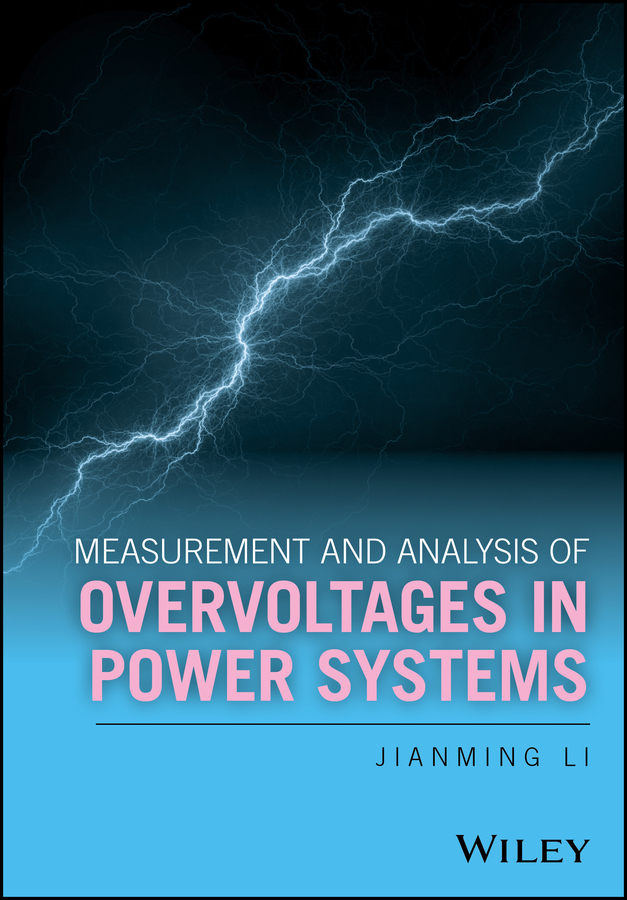
Measurement and Analysis of Overvoltages in Power Systems Measurement and Analysis of Overvoltages in Power Systems Jianming Li, Professor, State Grid Corporation, China A combination of theory and application, this book features practical tests and analytical techniques comprehensively with engineering practicality as its focus. Based on years of research and industry experience, the author introduces many scientific research methods such as overvoltage simulation studies, dynamic simulation experiment platform development and application, and overvoltage pattern recognition. Readers will get a good grounding in the various sources of overvoltages in power systems, methods in on-line measurements as well as explanations of overvoltage formation mechanisms and monitoring analysis methods. •Systematically examines sources, online measurements, analytical techniques, and simulations of overvoltages, with an emphasis on engineering practicality •Presents practical engineering examples analyzing overvoltages and improving system operation, based on field experiments and data analysis •Features overvoltage simulations and waveform analysis in transmission systems Measurement and Analysis of Overvoltages in Power Systems is intended as an all-in-one guide for engineers and researchers in power systems engineering. It can be used as a reference text for graduate students and lecturers of electrical engineering. TECHNOLOGY & ENGINEERING,Electrical
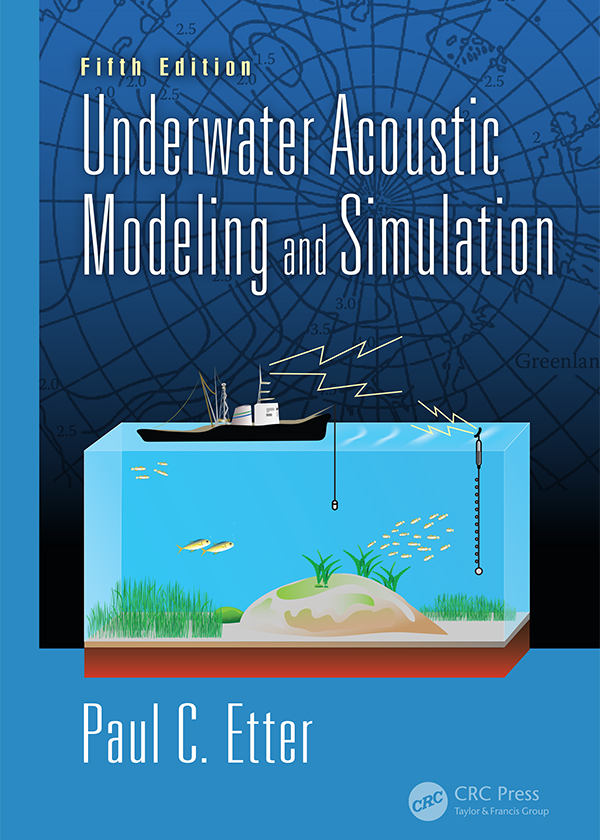
Underwater Acoustic Modeling and Simulation This newest edition adds new material to all chapters, especially in mathematical propagation models and special applications and inverse techniques. It has updated environmental-acoustic data in companion tables and core summary tables with the latest underwater acoustic propagation, noise, reverberation, and sonar performance models. Additionally TECHNOLOGY & ENGINEERING,Electrical
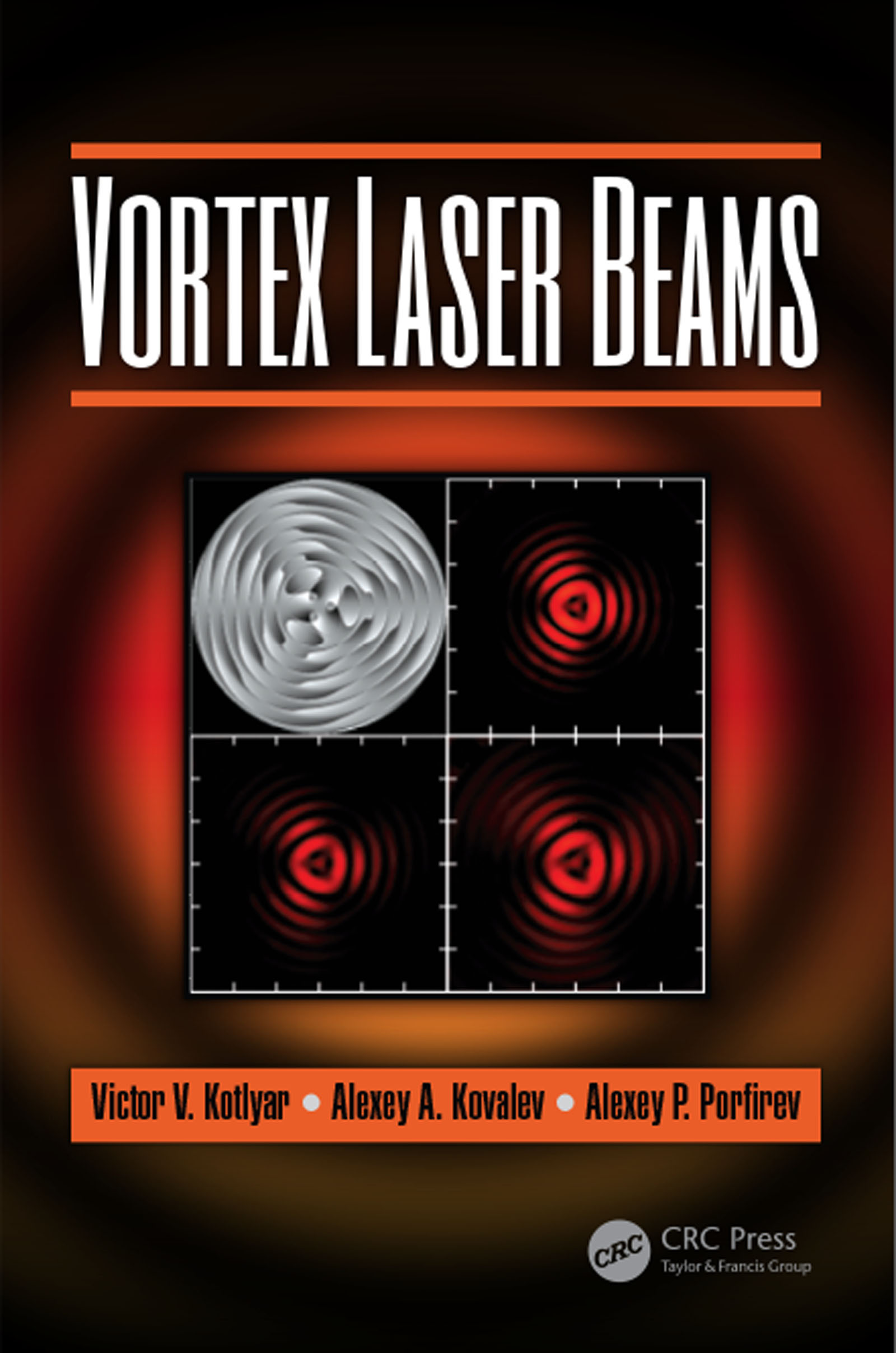
Vortex Laser Beams This book deals with theoretical bases of the modern optics division concerned with coherent light fields with singularities characterized by phase uncertainty. Singular light fields include laser vortex beams or beams that carry orbital angular momentum. Laser vortex beams that have been introduced in optics in recent years are discussed in detail. Among them, of special notice are families of asymmetric laser vortex beams that, while being devoid of radial symmetry, remain unchanged upon propagation. What makes the laser vortex beams especially interesting is the ability to preserve their structure while propagating in a scattering medium or through a turbulent atmosphere. The orbital angular momentum is an extra degree of freedom of laser vortices because beams with different topological charge can be utilized as independent channels for data transmission in wireless communications. Laser vortex beams are generated from conventional Gaussian beams using liquid crystal light modulators, which are now readily available at any optical laboratory. Provide a framework for the comparative analysis of the efficiency of different vortex beams for micromanipulation. Includes detailed illustrations, enabling the vortex structure to be easily understood even by non-experts. Presents detailed descriptions of more than a dozen most popular types of vortex laser beams. Explores how optical vortices have been used in many practical applications including conventional and quantum wireless communications, micromanipulation, optical measurements with super-resolution, spiral interferometry, microscopy, and atom cooling. Presents in a systematic and detailed form many analytical and numerical results for the propagation vortex optical beams (chiefly in the linear propagation regime). TECHNOLOGY & ENGINEERING,Electrical
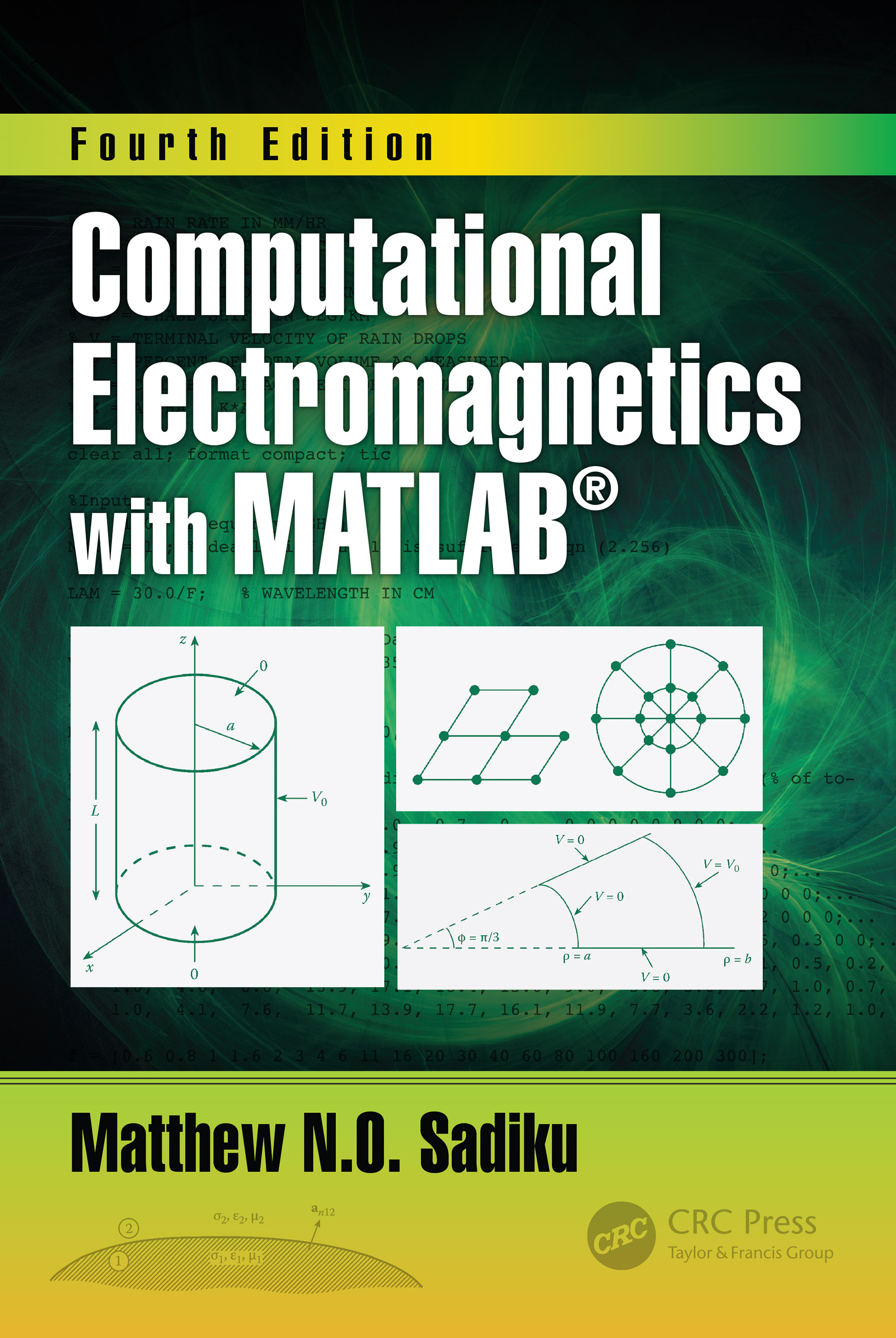
Computational Electromagnetics with MATLAB, Fourth Edition This fourth edition of the text reflects the continuing increase in awareness and use of computational electromagnetics and incorporates advances and refinements made in recent years. Most notable among these are the improvements made to the standard algorithm for the finite-difference time-domain (FDTD) method and treatment of absorbing boundary conditions in FDTD, finite element, and transmission-line-matrix methods. It teaches the readers how to pose, numerically analyze, and solve EM problems, to give them the ability to expand their problem-solving skills using a variety of methods, and to prepare them for research in electromagnetism. Includes new homework problems in each chapter. Each chapter is updated with the current trends in CEM. Adds a new appendix on CEM codes, which covers commercial and free codes. Provides updated MATLAB code. TECHNOLOGY & ENGINEERING,Electrical
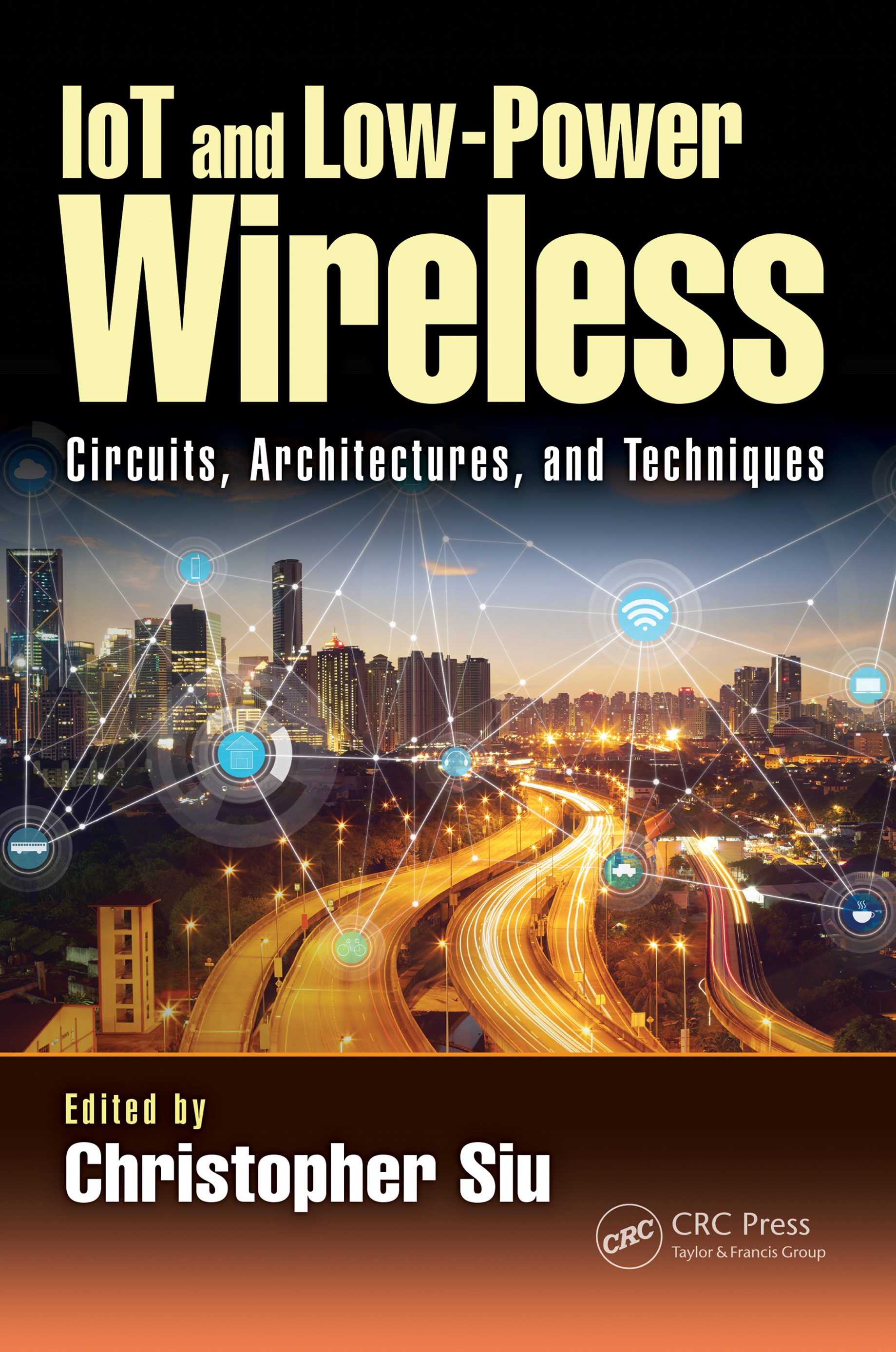
IoT and Low-Power Wireless The book offers unique insight into the modern world of wireless communication that included 5G generation, implementation in Internet of Things (IoT), and emerging biomedical applications. To meet different design requirements, gaining perspective on systems is important. Written by international experts in industry and academia, the intended audience is practicing engineers with some electronics background. It presents the latest research and practices in wireless communication, as industry prepares for the next evolution towards a trillion interconnected devices. The text further explains how modern RF wireless systems may handle such a large number of wireless devices. Covers modern wireless technologies (5G, IoT), and emerging biomedical applications Discusses novel RF systems, CMOS low power circuit implementation, antennae arrays, circuits for medical imaging, and many other emerging technologies in wireless co-space. Written by a mixture of top industrial experts and key academic professors. TECHNOLOGY & ENGINEERING,Electrical

Bird's Comprehensive Engineering Mathematics Studying engineering, whether it is mechanical, electrical or civil, relies heavily on an understanding of mathematics. This textbook clearly demonstrates the relevance of mathematical principles and shows how to apply them in real-life engineering problems. It deliberately starts at an elementary level so that students who are starting from a low knowledge base will be able to quickly get up to the level required. Students who have not studied mathematics for some time will find this an excellent refresher. Each chapter starts with the basics before gently increasing in complexity. A full outline of essential definitions, formulae, laws and procedures is presented, before real world practical situations and problem solving demonstrate how the theory is applied. Focusing on learning through practice, it contains simple explanations, supported by 1600 worked problems and over 3600 further problems contained within 384 exercises throughout the text. In addition, 35 Revision tests together with 9 Multiple-choice tests are included at regular intervals for further strengthening of knowledge. An interactive companion website provides material for students and lecturers, including detailed solutions to all 3600 further problems. TECHNOLOGY & ENGINEERING,Electrical
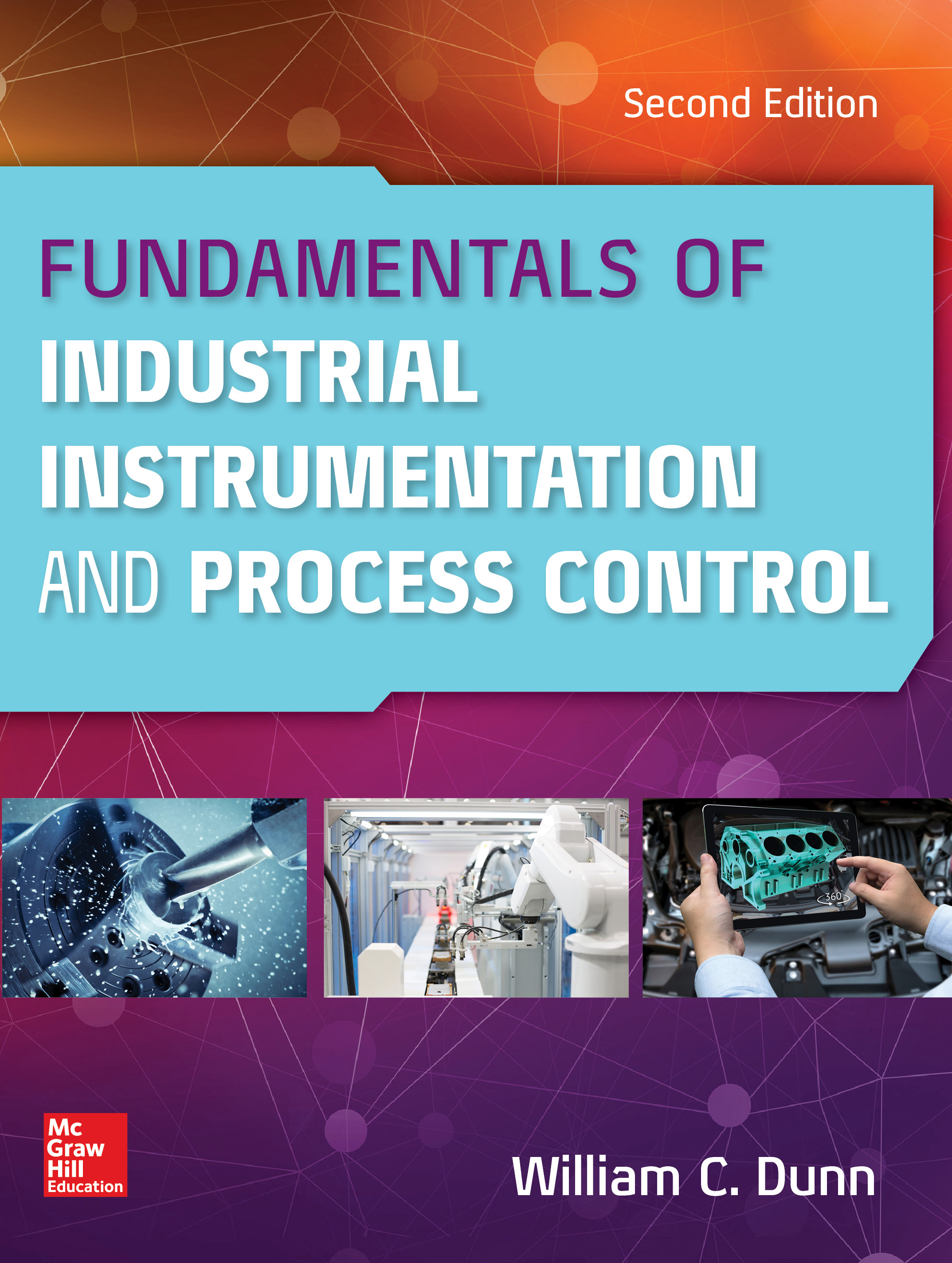
Fundamentals of Industrial Instrumentation and Process Control, Second Edition A Fully Updated, Practical Guide to Automated Process Control and Measurement Systems This thoroughly revised guide offers students a solid grounding in process control principles along with real-world applications and insights from the factory floor. Written by an experienced engineering educator, Fundamentals of Industrial Instrumentation and Process Control, Second Edition is written in a clear, logically organized manner. The book features realistic problems, real-world examples, and detailed illustrations. You’ll get clear explanations of digital and analog components, including pneumatics, actuators, and regulators, and comprehensive discussions on the entire range of industrial processes. Fundamentals of Industrial Instrumentation and Process Control, Second Edition covers: • Pressure • Level • Flow • Temperature and heat • Humidity, density, viscosity, & pH • Position, motion, and force • Safety and alarm • Electrical instruments and conditioning • Regulators, valves, and actuators • Process control • Documentation and symbol standards • Signal transmission • Logic gates • Programmable Logic controllers • Motor control • And much more TECHNOLOGY & ENGINEERING,Electrical
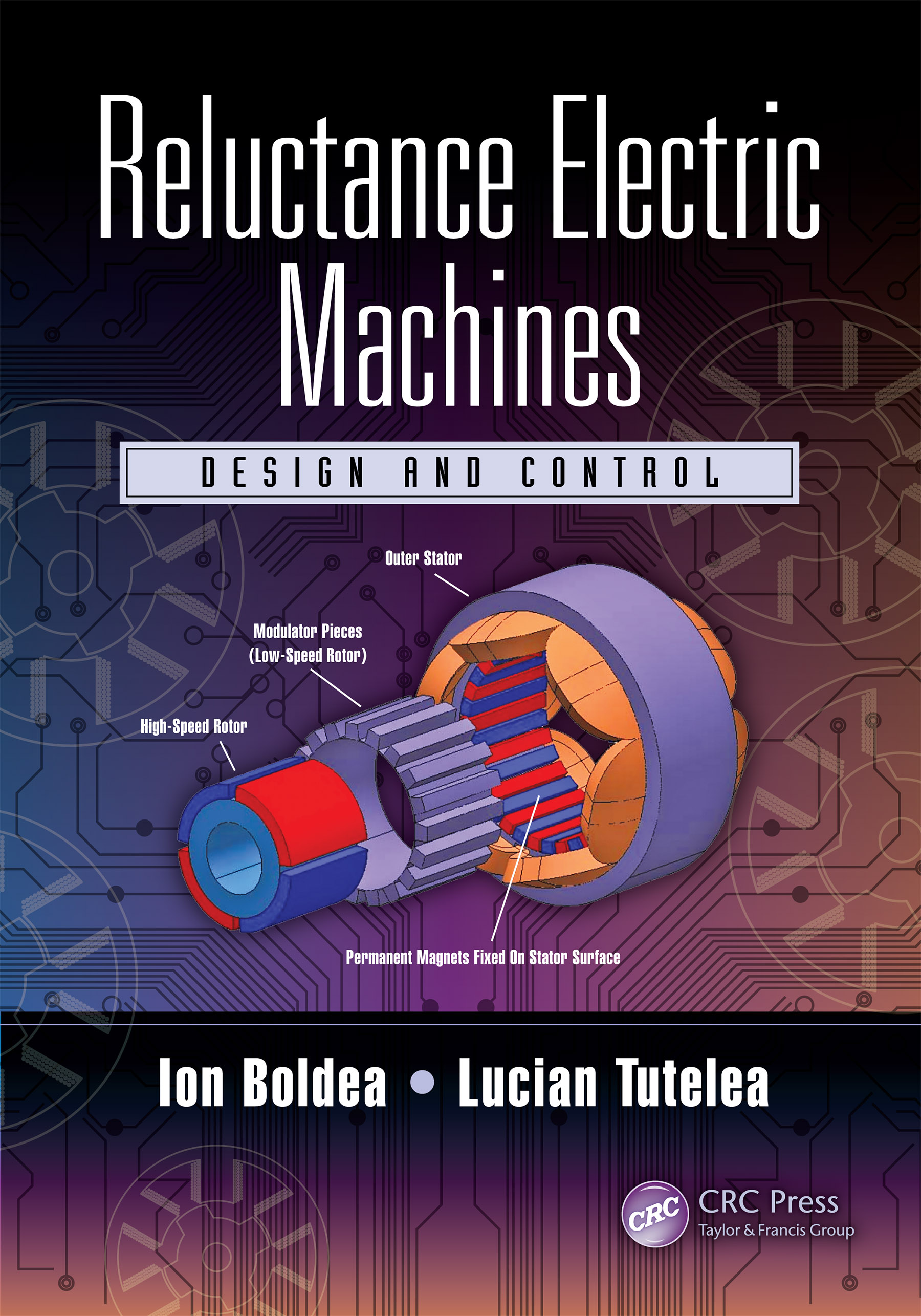
Reluctance Electric Machines Electric energy is arguably a key agent for our material prosperity. With the notable exception of photovoltaic generators, electric generators are exclusively used to produce electric energy from mechanical energy. More than 60% of all electric energy is used in electric motors for useful mechanical work in various industries. This book presents the modeling, performance, design, and control of reluctance synchronous and flux-modulation machines developed for higher efficiency and lower cost. It covers one- and three-phase reluctance synchronous motors in line-start applications and various reluctance flux-modulation motors in pulse width modulation converter-fed variable speed drives. FEATURES Presents basic and up-to-date knowledge about the topologies, modeling, performance, design, and control of reluctance synchronous machines. Includes information on recently introduced reluctance flux-modulation electric machines (switched- flux, flux-reversal, Vernier, transverse flux, claw pole, magnetic-geared dual-rotor, brushless doubly fed, etc.). Features numerous examples and case studies throughout. Provides a comprehensive overview of all reluctance electric machines. TECHNOLOGY & ENGINEERING,Electrical
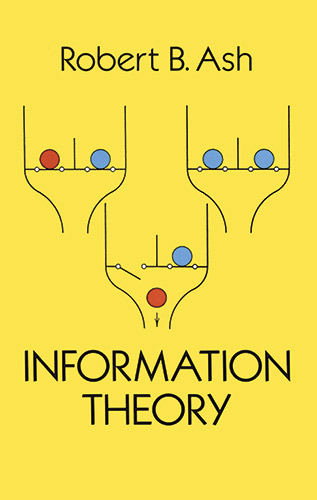
Information Theory Analysis of channel models and proof of coding theorems; study of specific coding systems; and study of statistical properties of information sources. Sixty problems, with solutions. Advanced undergraduate to graduate level. TECHNOLOGY & ENGINEERING,Electrical

Common LISP Highly accessible treatment covers cons cell structures, evaluation rules, programs as data, recursive and applicable programming styles. Nearly 400 illustrations, answers to exercises, "toolkit" sections, and a variety of complete programs. 1990 edition. TECHNOLOGY & ENGINEERING,Electrical

Classic Papers in Control Theory Historically and technically important papers range from early work in mathematical control theory to studies in adaptive control processes. Contributors include J. C. Maxwell, H. Nyquist, H. W. Bode, other experts. 1964 edition. TECHNOLOGY & ENGINEERING,Electrical
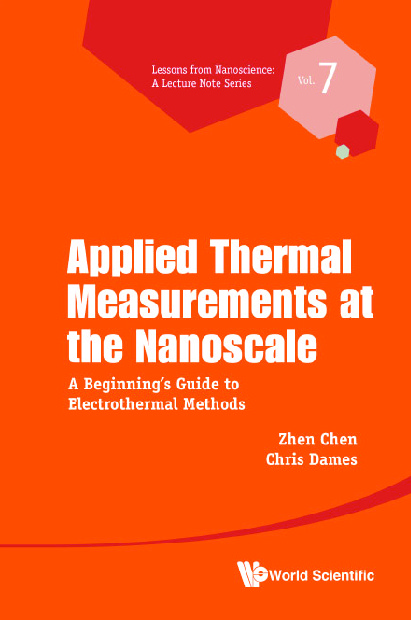
Applied Thermal Measurements At The Nanoscale This book aims to serve as a practical guide for novices to design and conduct measurements of thermal properties at the nanoscale using electrothermal techniques. An outgrowth of the authors’ tutorials for new graduate students in their own labs, it includes practical details on measurement design and selection, sensitivity and uncertainty analysis, and pitfalls and verifications. The information is particularly helpful for someone setting up their own experiment for the first time. The book emphasizes the integration of thermal analysis with practical experimental considerations, in order to design an experiment for best sensitivity and to configure the laboratory instruments accordingly. The focus is on the measurements of thermal conductivity, though thermal diffusivity and thermal boundary resistance (thermal contact resistance) are also briefly covered, and many of the principles can be generalized to other challenging thermal measurements.The reader is only expected to have the basic familiarity with electrical instruments typical of a university graduate in science or engineering, and an acquaintance with the elementary laws of heat transfer by conduction, convection, and radiation. TECHNOLOGY & ENGINEERING,Electrical
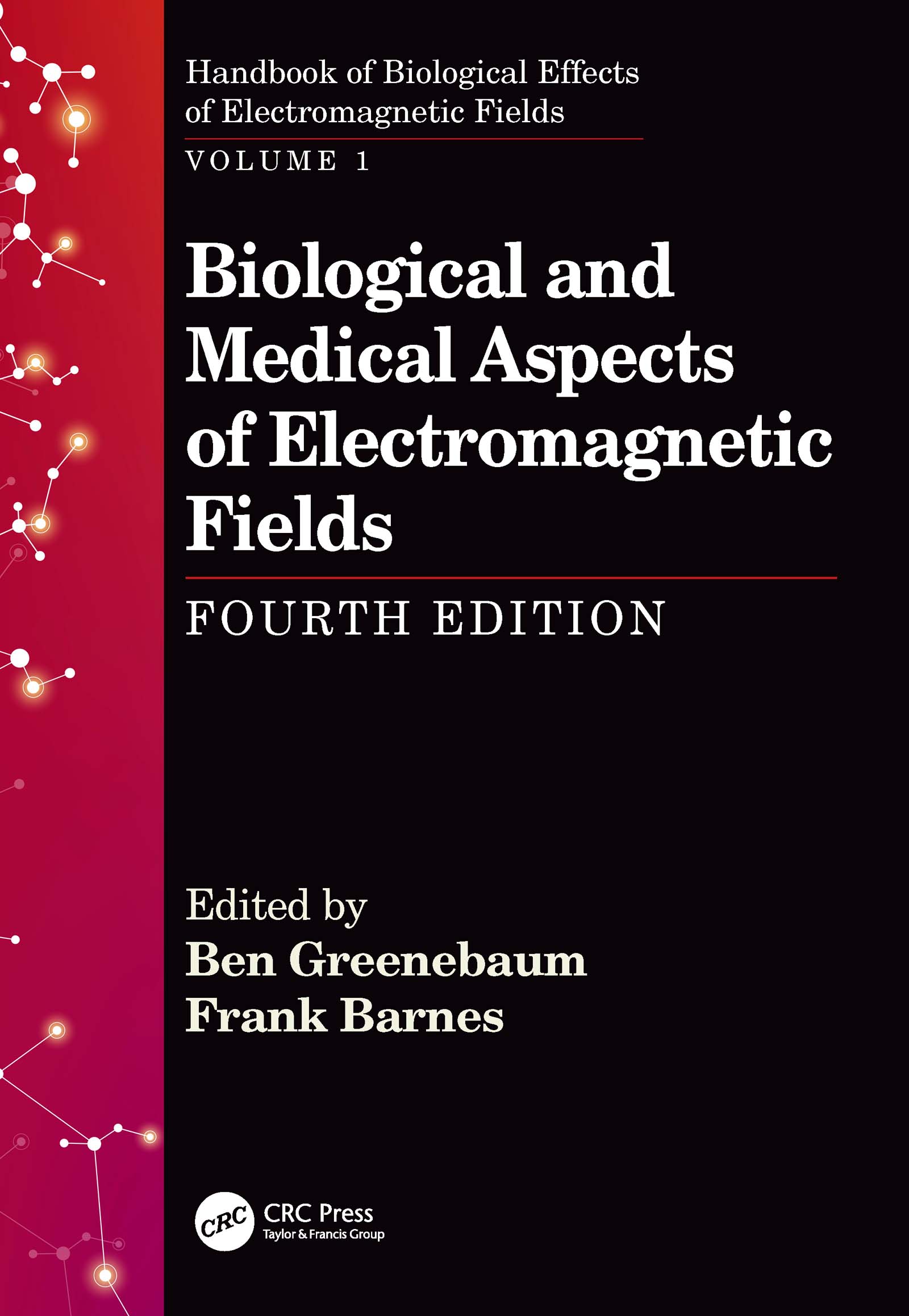
Biological and Medical Aspects of Electromagnetic Fields, Fourth Edition The two volumes of this new edition of the Handbook cover the basic biological, medical, physical, and electrical engineering principles. They also include experimental results concerning how electric and magnetic fields affect biological systems—both as potential hazards to health and potential tools for medical treatment and scientific research. They also include material on the relationship between the science and the regulatory processes concerning human exposure to the fields. Like its predecessors, this edition is intended to be useful as a reference book but also for introducing the reader to bioelectromagnetics or some of its aspects. FEATURES • New topics include coverage of electromagnetic effects in the terahertz region, effects on plants, and explicitly applying feedback concepts to the analysis of biological electromagnetic effects • Expanded coverage of electromagnetic brain stimulation, characterization and modeling of epithelial wounds, and recent lab experiments on at all frequencies • Section on background for setting standards and precautionary principle • Discussion of recent epidemiological, laboratory, and theoretical results; including: WHO IARC syntheses of epidemiological results on both high and low frequency fields, IITRI lab study of cancer in mice exposed to cell phone-like radiation, and other RF studies • All chapters updated by internationally acknowledged experts in the field TECHNOLOGY & ENGINEERING,Electrical
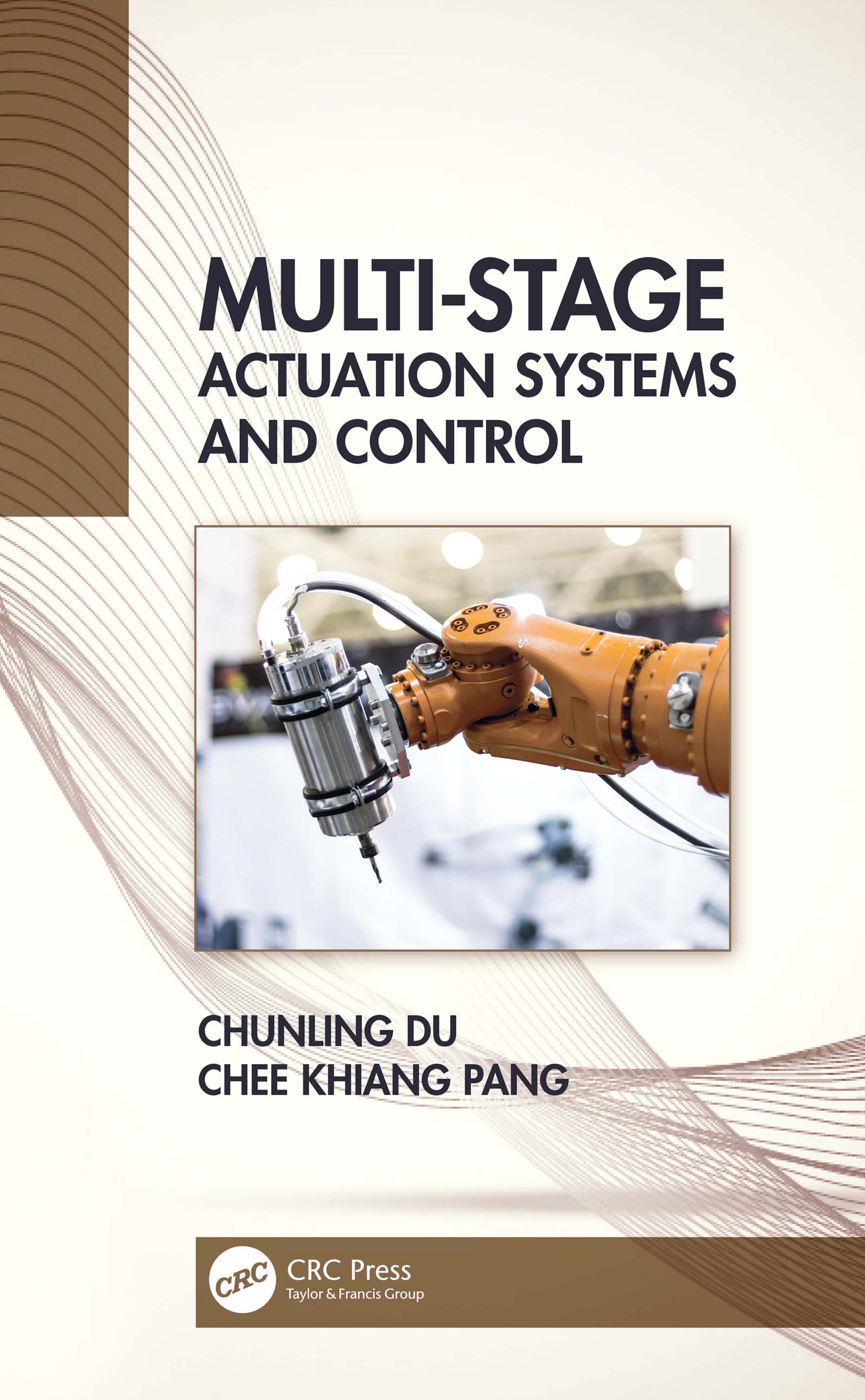
Multi-Stage Actuation Systems and Control The book aims at empowering readers with a clear understanding of multi-stage mechanism, different microactuators’ performances, their limitations to control system performance and problems encountered in control system design and techniques for solving these problems and dealing with these limitations. This book is designed for academic researchers and engineering practitioners in systems and control, especially those engaged in the area of control in mechanical systems with microactuators and multi-stage actuations. Provides specific applications of multi-stage mechanical actuation systems Discusses issues and solutions in control system design for multi-stage mechanical actuation systems Discusses various types of microactuators and their control methods in multi-stage mechanism Includes real-world examples for demonstrating underlying concepts and design techniques Explores what a multi-stage mechanical systems is, for what purpose the multi-stage system is applied, how it works and how to control it for high performance TECHNOLOGY & ENGINEERING,Electrical
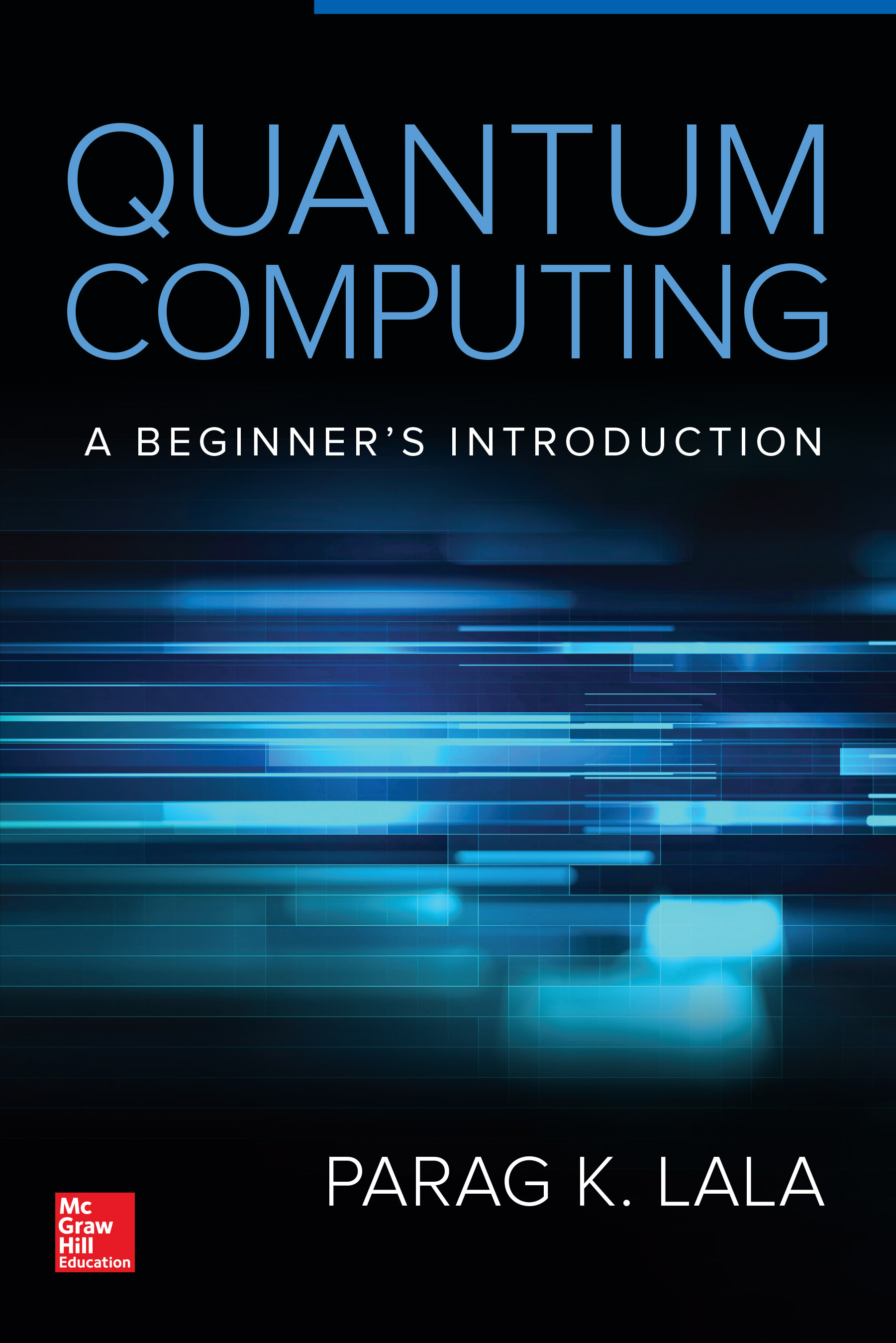
Quantum Computing A self-contained, reader-friendly introduction to the principles and applications of quantum computing Especially valuable to those without a prior knowledge of quantum mechanics, this electrical engineering text presents the concepts and workings of quantum information processing systems in a clear, straightforward, and practical manner. The book is written in a style that helps readers who are not familiar with non-classical information processing more easily grasp the essential concepts; only prior exposure to classical physics, basic digital design, and introductory linear algebra is assumed. Quantum Computing: A Beginner’s Introduction presents each topic in a tutorial style with examples, illustrations, and diagrams to clarify the material. Written by an experienced electrical engineering educator and author, this is a self-contained resource, with all the necessary pre-requisite material included within the text. Coverage includes: • Complex Numbers, Vector Space, and Dirac Notation • Basics of Quantum Mechanics • Matrices and Operators • Boolean Algebra, Logic Gates and Quantum Information Processing • Quantum Gates and Circuit • Tensor Products, Superposition and Quantum Entanglement • Teleportation and Superdense Coding • Quantum Error Correction • Quantum Algorithms • Quantum Cryptography TECHNOLOGY & ENGINEERING,Electrical
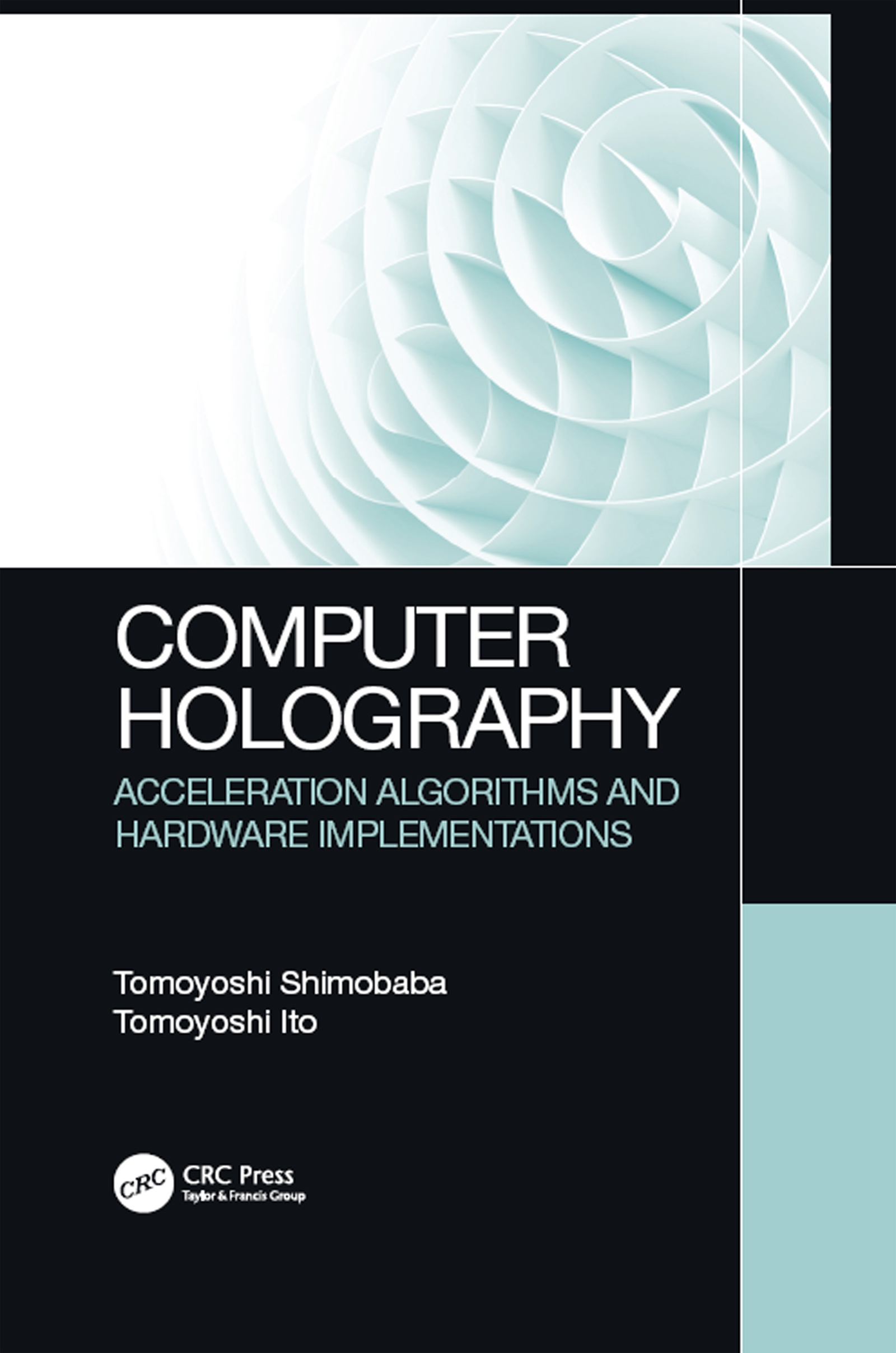
Computer Holography This book describes algorithms and hardware implementations of computer holography, especially in terms of fast calculation. It summarizes the basics of holography and computer holography and describes how conventional diffraction calculations play a central role. Numerical implementations by actual codes will also be discussed. This book will explain new fast diffraction calculations, such as scaled scalar diffraction. Computer Holography will also explain acceleration algorithms for computer-generated hologram (CGH) generation and digital holography with 3D objects composed of point clouds, using look-up table- (LUT) based algorithms, and a wave front recording plane. 3D objects composed of polygons using tilted plane diffraction, expressed by multi-view images and RGB-D images, will be explained in this book. Digital holography, including inline, off-axis, Gabor digital holography, and phase shift digital holography, will also be explored. This book introduces applications of computer holography, including phase retrieval algorithm, holographic memory, holographic projection, and deep learning in computer holography, while explaining hardware implementations for computer holography. Recently, several parallel processors have been released (for example, multi-core CPU, GPU, Xeon Phi, and FPGA). Readers will learn how to apply algorithms to these processors. Features Provides an introduction of the basics of holography and computer holography Summarizes the latest advancements in computer-generated holograms Showcases the latest researchers of digital holography Discusses fast CGH algorithms and diffraction calculations, and their actual codes Includes hardware implementation for computer holography, and its actual codes and quasi-codes TECHNOLOGY & ENGINEERING,Electrical
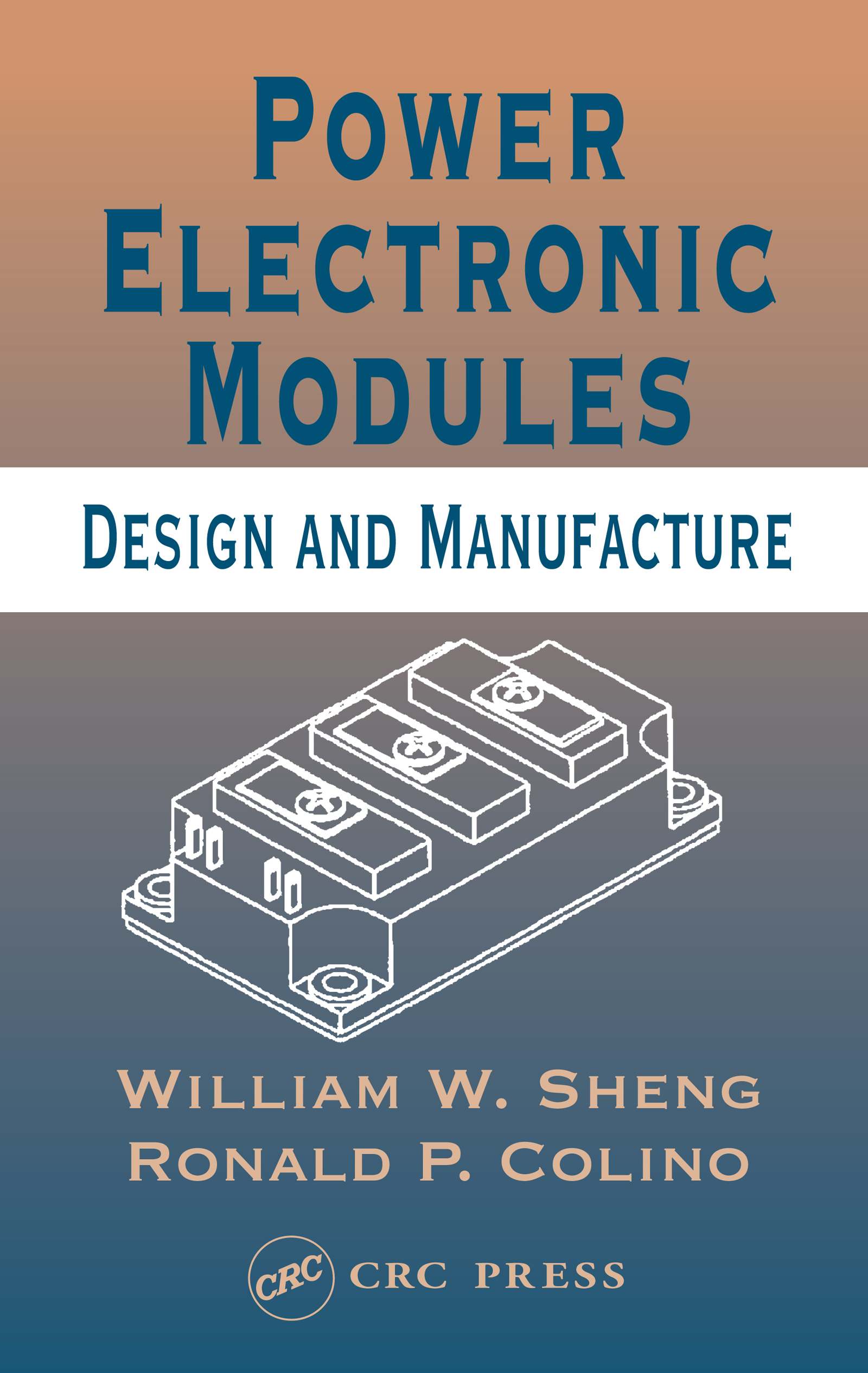
Power Electronic Modules Designing and building power semiconductor modules requires a broad, interdisciplinary base of knowledge and experience, ranging from semiconductor materials and technologies, thermal management, and soldering to environmental constraints, inspection techniques, and statistical process control. This diversity poses a significant challenge to engine TECHNOLOGY & ENGINEERING,Electrical
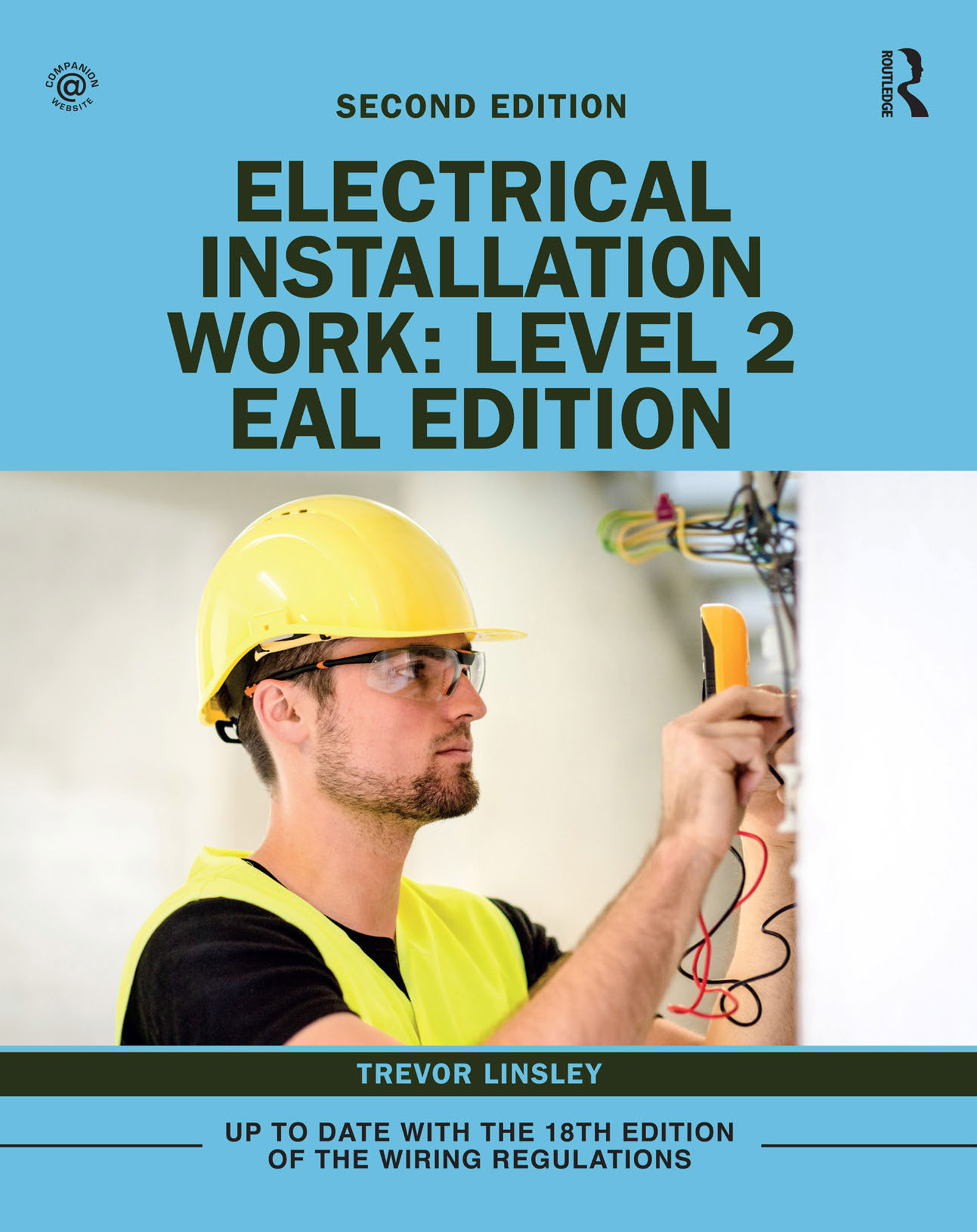
Electrical Installation Work Updated in line with the 18th Edition of the Wiring Regulations and written specifically for the EAL Diploma in Electrical Installation, this book has a chapter dedicated to each unit of the EAL syllabus, allowing you to master each topic before moving on to the next. This new edition also includes information on LED lighting. End of chapter revision questions help you to check your understanding and consolidate the key concepts learned in each chapter. This is the number one textbook for all EAL level 2 courses in electrical installation. It sets out the core facts and principles with solid explanation - not just to pass the exam but to confidently work as an electrician with a proper understanding of the regulations. Ideal for both independent and tutor-based study. TECHNOLOGY & ENGINEERING,Electrical
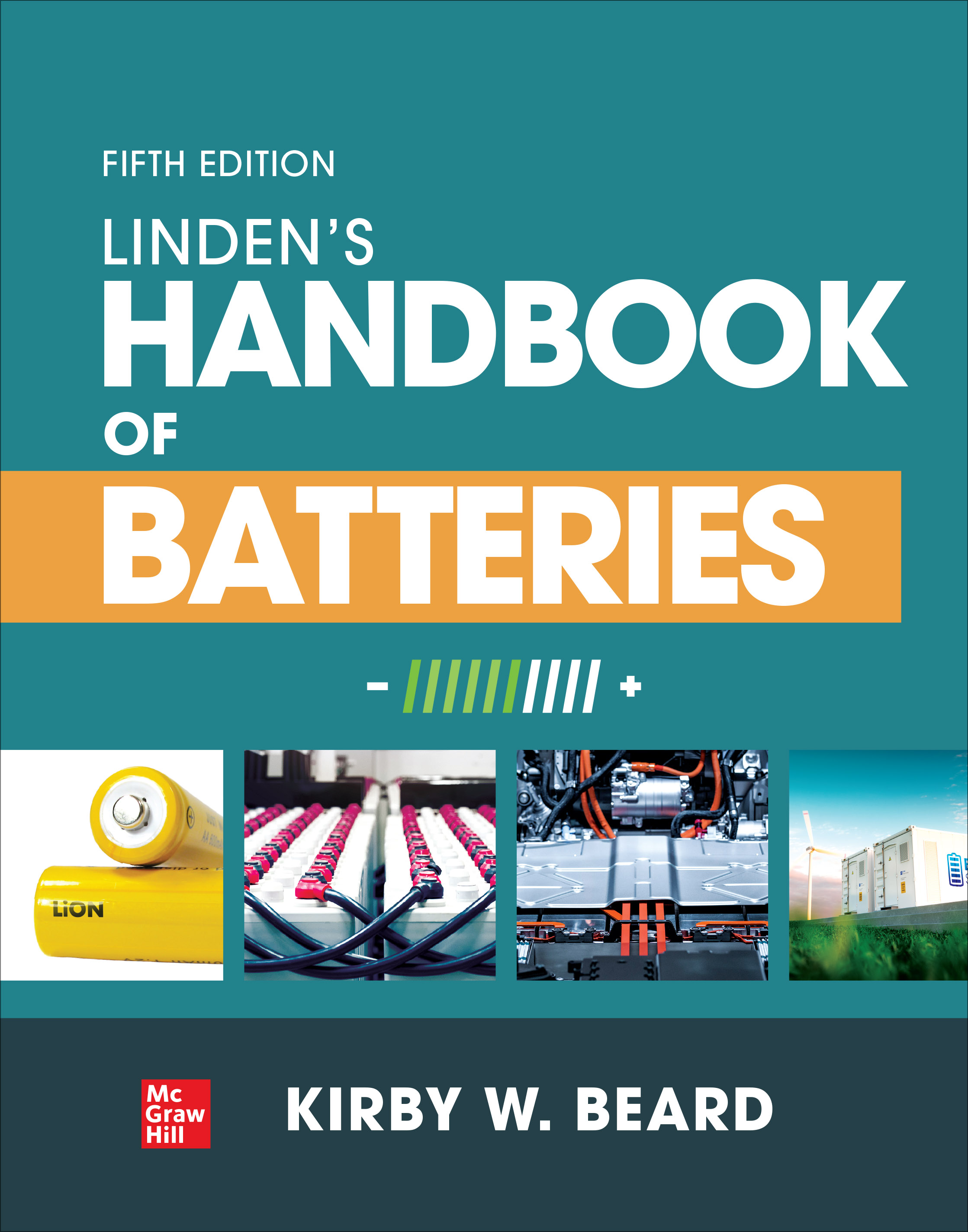
Linden's Handbook of Batteries, Fifth Edition Publisher's Note: Products purchased from Third Party sellers are not guaranteed by the publisher for quality, authenticity, or access to any online entitlements included with the product. Thoroughly revised, comprehensive coverage of battery technology, characteristics, and applications This fully updated guide offers complete coverage of batteries and battery usage―from classic designs to emerging technologies. Compiled by a pioneer in secondary lithium batteries, the book contains all the information needed to solve engineering problems and make proper battery selections. You will get in-depth descriptions of the principles, properties, and performance specifications of every major battery type. Linden’s Handbook of Batteries, Fifth Edition, contains cutting-edge data and equations, design specifications, and troubleshooting techniques from international experts. New chapters discuss renewable energy systems, battery failure analysis, lithium-ion battery technology, materials, and component design. Recent advances in smartphones and hybrid car batteries are clearly explained, including maximizing re-chargeability, reducing cost, improving safety, and lessening environmental impact. Coverage includes: • Electricity, electrochemistry, and batteries • Raw materials • Battery components • Principles of electrochemical cell operations • Battery product overview • Electrochemical cell designs (platform technologies) • Primary batteries • Secondary batteries • Miscellaneous and specialty batteries • Battery applications • Battery industry infrastructure TECHNOLOGY & ENGINEERING,Electrical
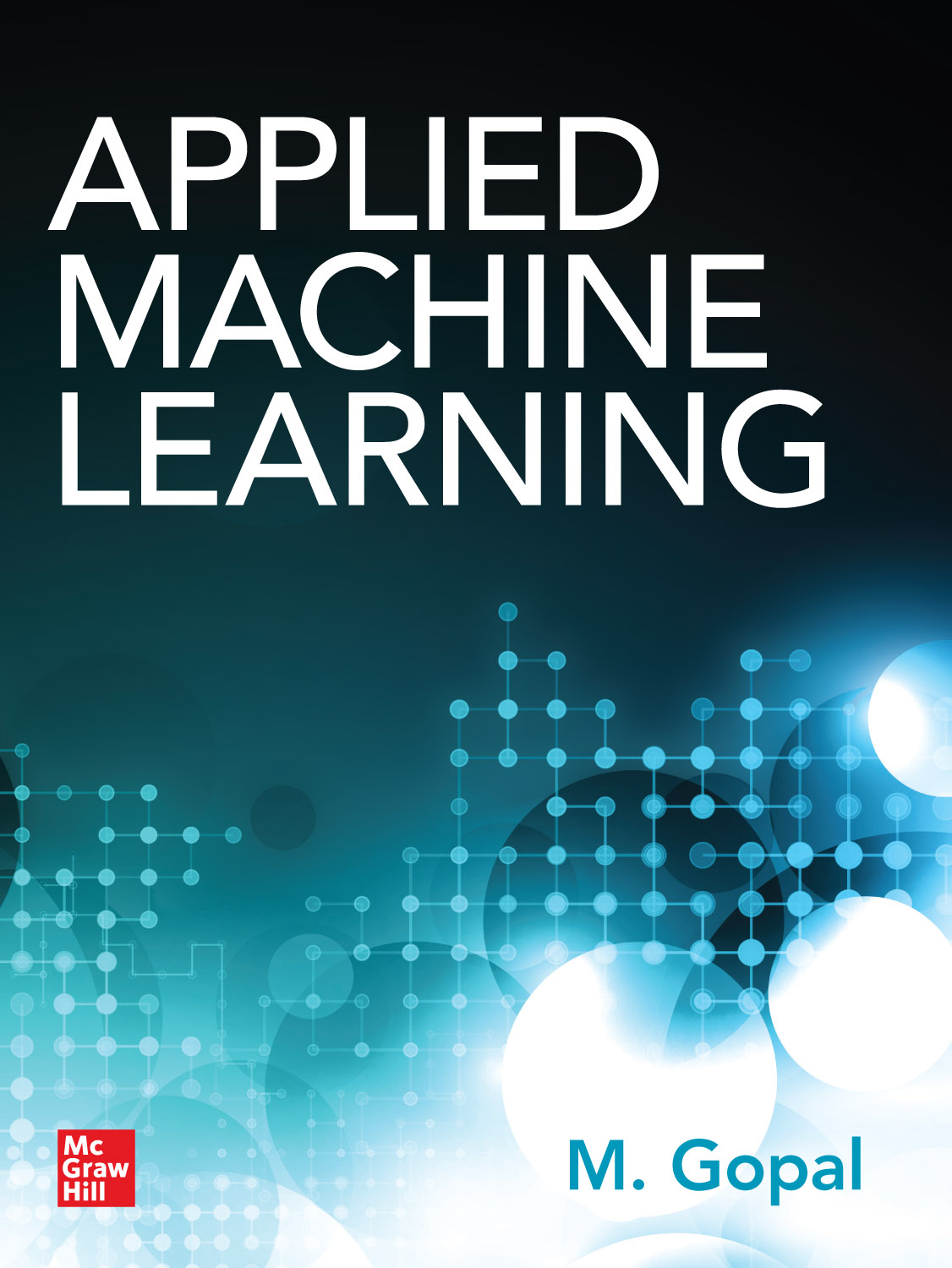
Applied Machine Learning Cutting-edge machine learning principles, practices, and applications This comprehensive textbook explores the theoretical under¬pinnings of learning and equips readers with the knowledge needed to apply powerful machine learning techniques to solve challenging real-world problems. Applied Machine Learning shows, step by step, how to conceptualize problems, accurately represent data, select and tune algorithms, interpret and analyze results, and make informed strategic decisions. Presented in a non-rigorous mathematical style, the book covers a broad array of machine learning topics with special emphasis on methods that have been profitably employed. Coverage includes: Supervised learning Statistical learning Learning with support vector machines (SVM) Learning with neural networks (NN) Fuzzy inference systems Data clustering Data transformations Decision tree learning Business intelligence Data mining And much more TECHNOLOGY & ENGINEERING,Electrical
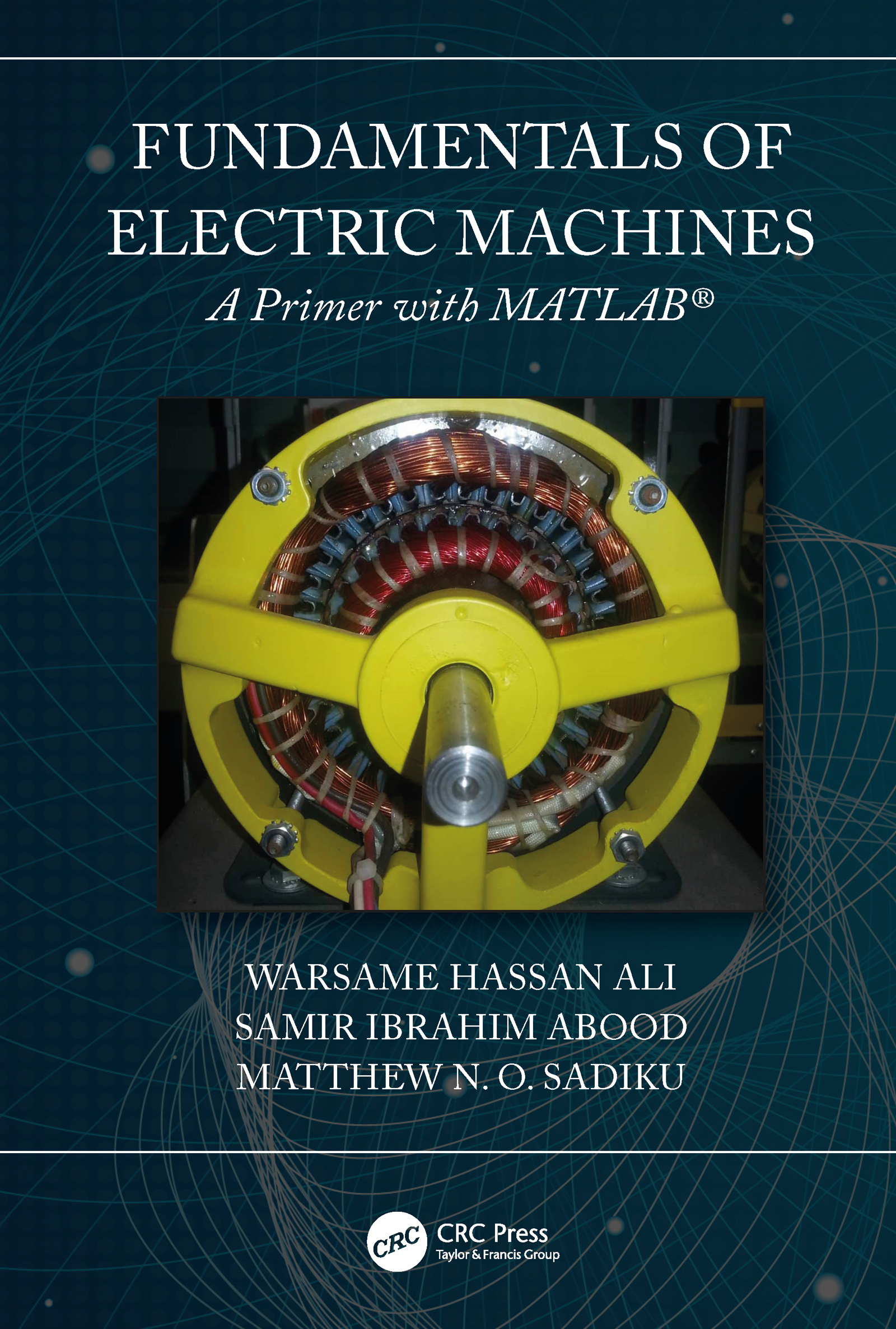
Fundamentals of Electric Machines An electric machine is a device that converts mechanical energy into electrical energy or vice versa. It can take the form of an electric generator, electric motor, or transformer. Electric generators produce virtually all electric power we use all over the world. Electric machine blends the three major areas of electrical engineering: power, control and power electronics. This book presents the relation of power quantities for the machine as the current, voltage power flow, power losses, and efficiency. This book will provide a good understanding of the behavior and its drive, beginning with the study of salient features of electrical dc and ac machines. TECHNOLOGY & ENGINEERING,Electrical
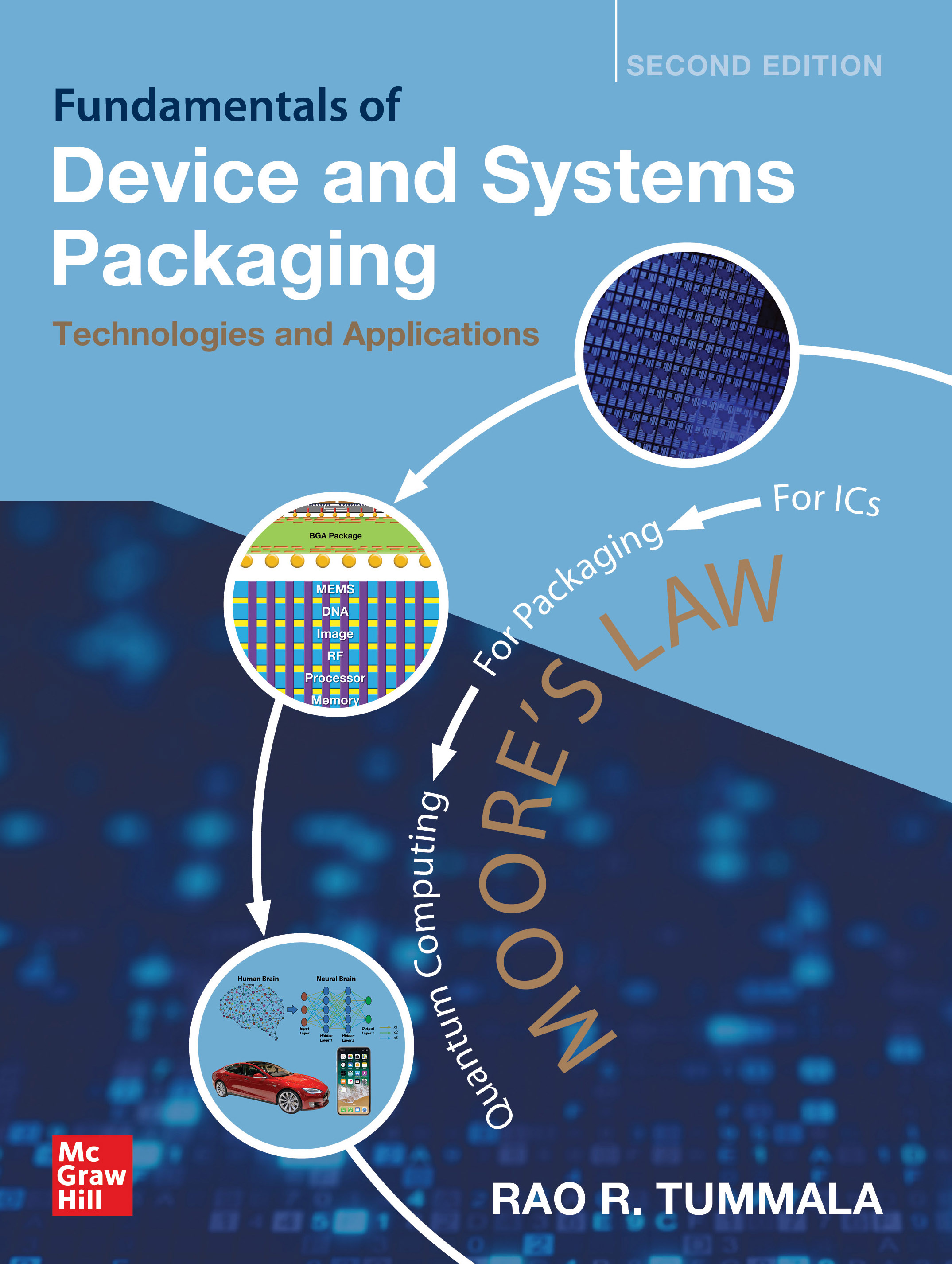
Fundamentals of Device and Systems Packaging A fully updated, comprehensive guide to electronic packaging technologies This thoroughly revised resource offers rigorous and complete coverage of microsystems packaging at both the device and system level. You will get in-depth guidance on the latest technologies from academic and industry leaders. New chapters cover topics highly relevant to today's small and ultra-small systems. Fundamentals of Microsystems Packaging, Second Edition, discusses the entire field, from wafer to systems, and clearly explains every major contributing technology. The book details emerging systems, including smart wearables, the Internet of Things, bioelectronics for medical applications, cloud computing, and much more. Microelectronics, photonics, MEMS, sensors, RF, and wireless technologies are fully covered. • Covers the electrical, mechanical, chemical, and materials aspects of each technology• Contains examples of all common configurations and technologies• Written by the leading author in the field TECHNOLOGY & ENGINEERING,Electrical
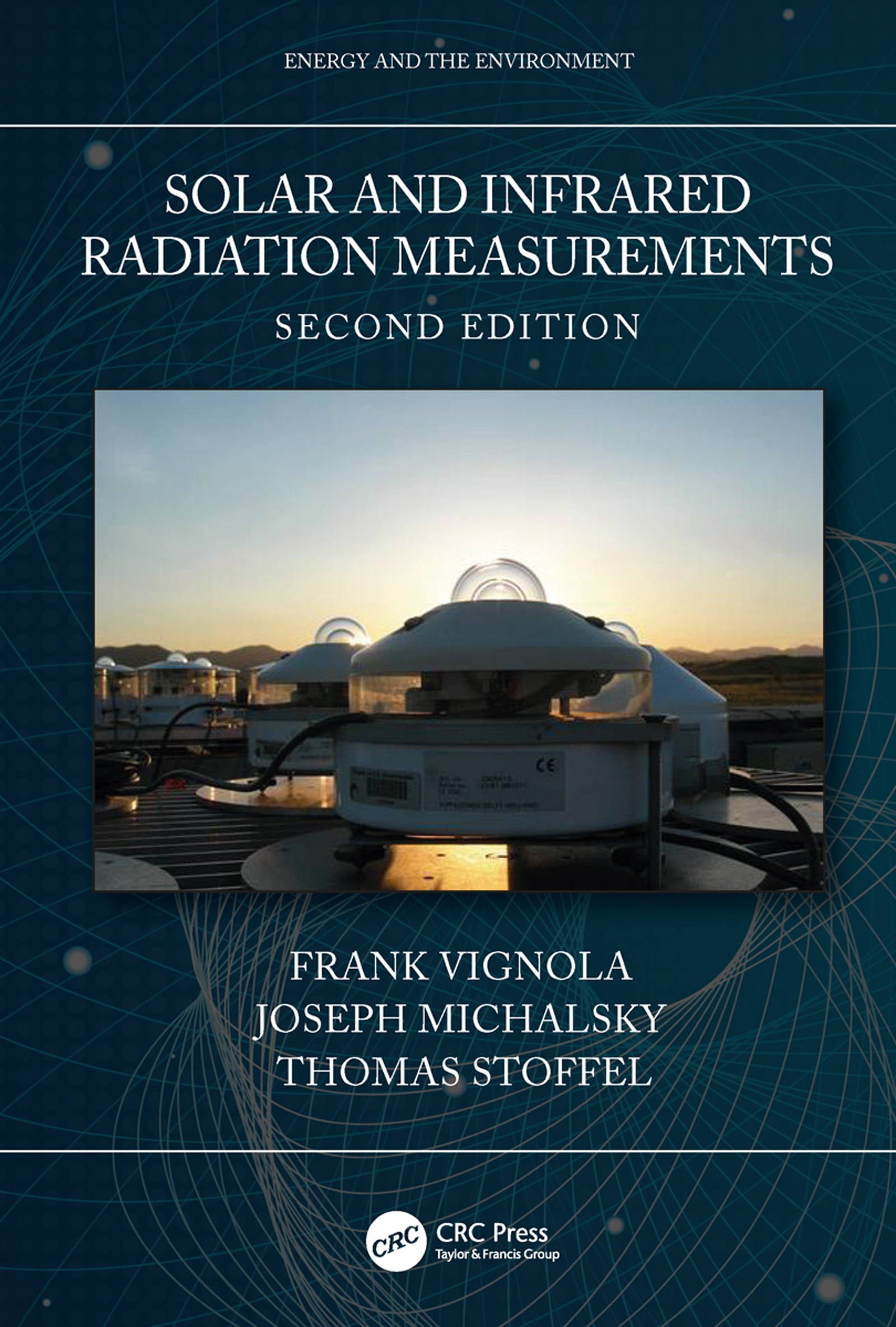
Solar and Infrared Radiation Measurements, Second Edition The rather specialized field of solar and infrared radiation measurements has become increasingly important due to the increased demands by the renewable energy and climate change research communities for data with higher accuracy and increased temporal and spatial resolutions. Recent advances in radiometry, measurement systems, and information dissemination also have increased the need for refreshing the literature available for this topic. This book provides the reader with an up-to-date review of the important aspects of solar and infrared radiation measurements: radiometer design; equipment installation, operation, maintenance, and calibration; data quality assessment parameters; and the knowledge necessary to properly interpret and apply the measured data to a variety of topics. Each of the authors has more than 40 years of experience with this subject, primarily as the result of developing and operating multiple measurement stations, working with the industry to improve radiometry, and conducting various research projects. The book’s scope and subject matter have been designed to help a wide audience gain a general understanding of this subject and to serve as a technical reference. A student new to the field will benefit from the review of terminology and the historical perspective for radiometry before addressing more detailed topics in radiometry that we hope will be of interest to the more experienced reader.  Describes the strengths and weaknesses of irradiance instruments  Provides detailed information on how to assess uncertainty in measurements  Offers comprehensive background information needed to understand the use of solar instrumentation  Discusses design concepts for shadowband radiometers, sky imagers, and satellite-based estimates of solar irradiance at the Earth’s surface  Includes chapter-end questions, references, and useful links TECHNOLOGY & ENGINEERING,Electrical
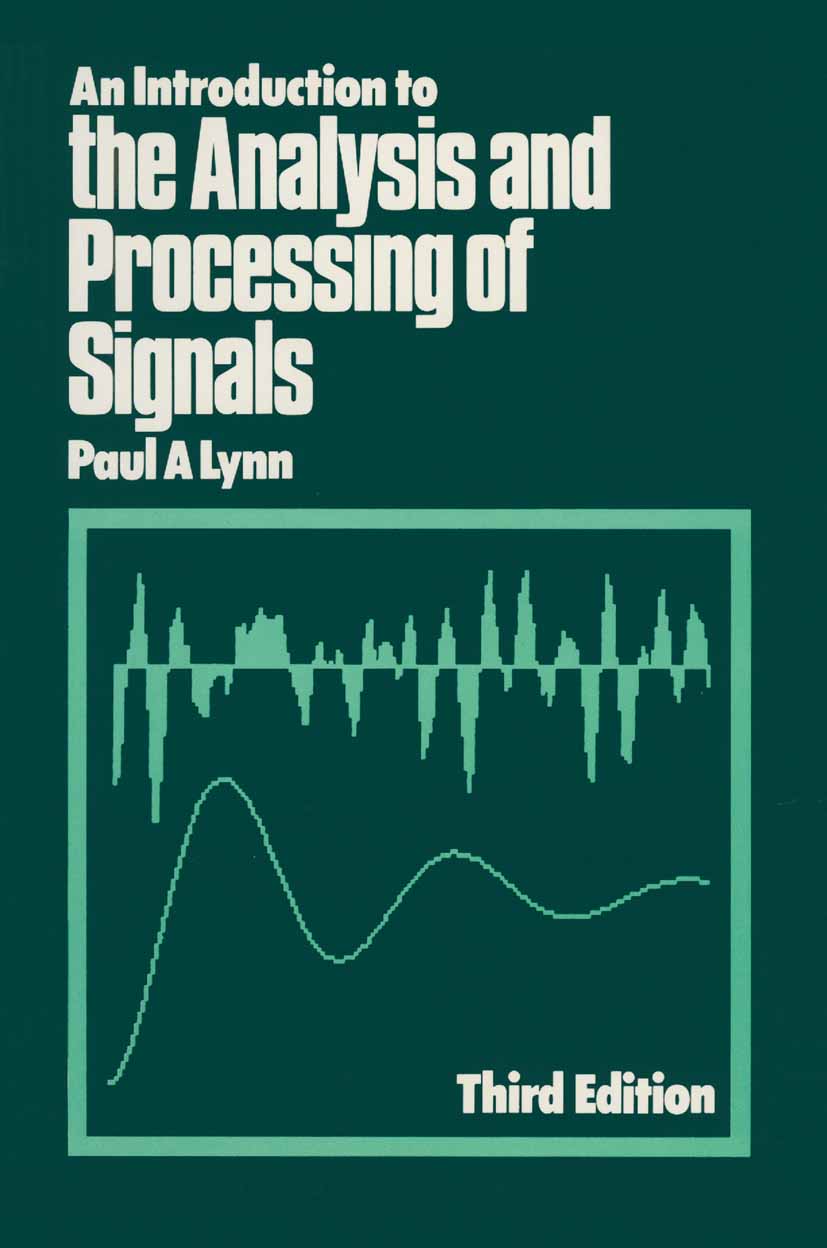
An Introduction to the Analysis and Processing of Signals In his revision of this established textbook the author has concentrated on revising chapter 1 to outline modern developments, particularly in digital signal processing. Chapter 6 on signal comparison has also been updated to include examples of cross-correlation by digital computer. Additional problems have been provided for several of the chapters, and numerical answers to selected problems are now given at the end of the book Tables of Fourier and Z-transforms have been added to the appendix. TECHNOLOGY & ENGINEERING,Electrical
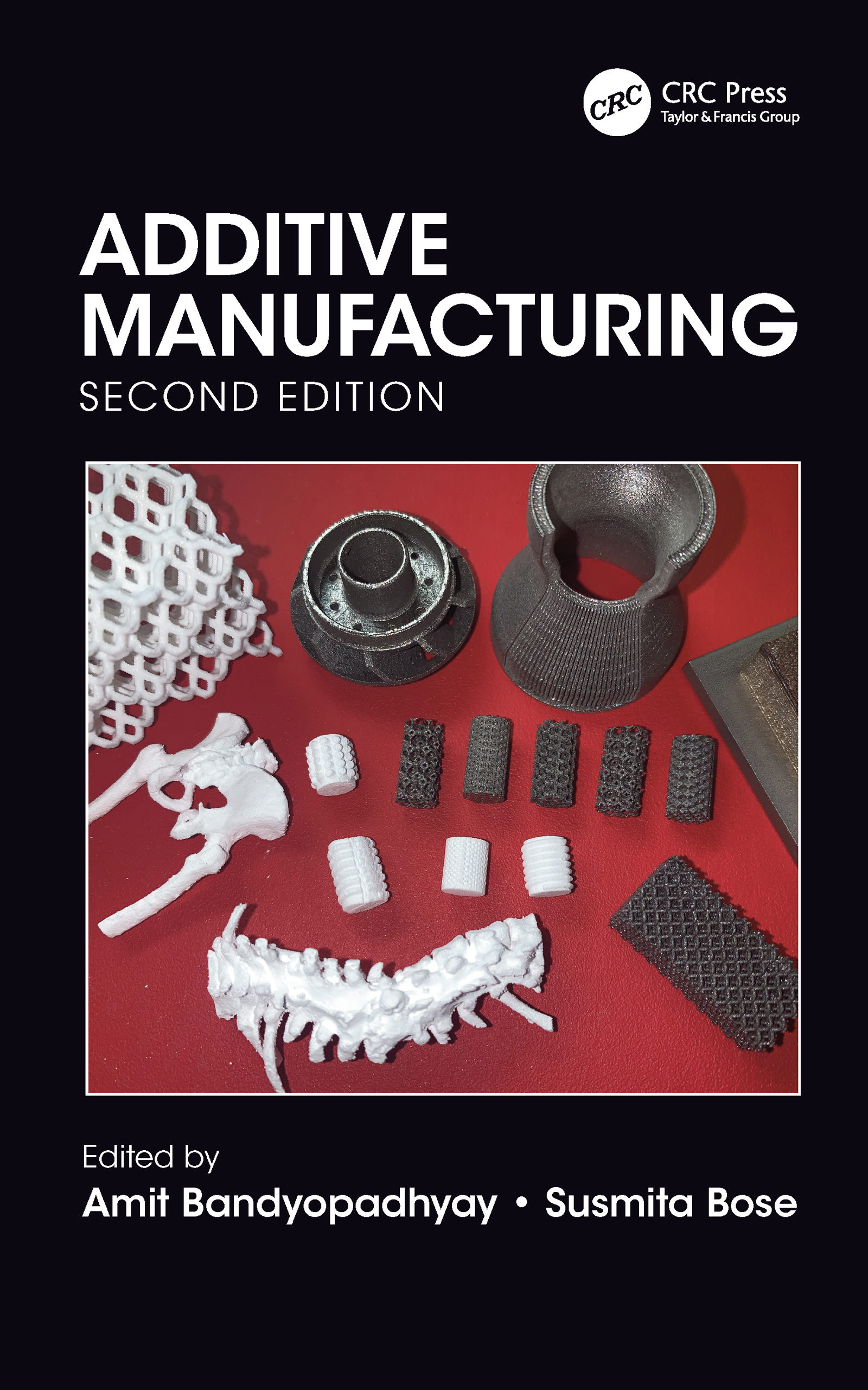
Additive Manufacturing, Second Edition The field of additive manufacturing is growing dynamically as the interest is persisting from manufacturing sector, including other sectors as well. Conceptually, additive manufacturing is a way to build parts without using any part-specific tooling or dies from the computer-aided design (CAD) file of the part. Second edition of Additive Manufacturing highlights the latest advancements in the field, taking an application oriented approach. It includes new material on traditional polymer based rapid prototyping technologies, additive manufacturing of metals and alloys including related design issues. Each chapter comes with suggested reading, questions for instructors and PowerPoint slides. TECHNOLOGY & ENGINEERING,Electrical

Electric Drives and Electromechanical Systems Electric Drives and Electromechanical Devices: Applications and Control, Second Edition, presents a unified approach to the design and application of modern drive system. It explores problems involved in assembling complete, modern electric drive systems involving mechanical, electrical, and electronic elements. This book provides a global overview of design, specification applications, important design information, and methodologies. This new edition has been restructured to present a seamless, logical discussion on a wide range of topical problems relating to the design and specification of the complete motor-drive system. It is organised to establish immediate solutions to specific application problem. Subsidiary issues that have a considerable impact on the overall performance and reliability, including environmental protection and costs, energy efficiency, and cyber security, are also considered. Presents a comprehensive consideration of electromechanical systems with insights into the complete drive system, including required sensors and mechanical components Features in-depth discussion of control schemes, particularly focusing on practical operation Includes extensive references to modern application domains and real-world case studies, such as electric vehicles Considers the cyber aspects of drives, including networking and security TECHNOLOGY & ENGINEERING,Electrical
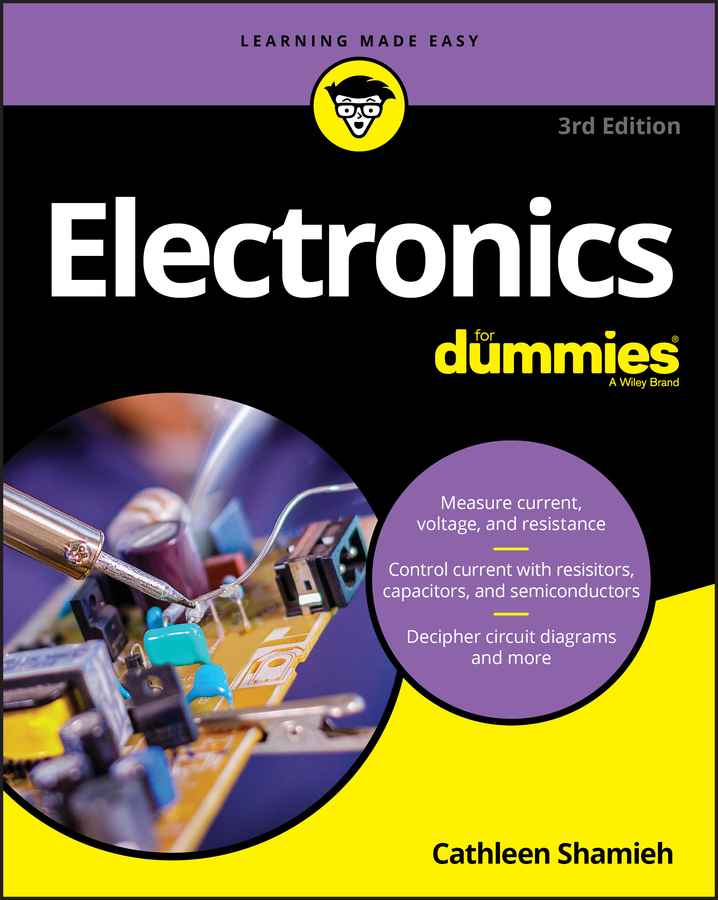
Electronics For Dummies Build your electronics workbench—and begin creating fun electronics projects right away Packed with hundreds of colorful diagrams and photographs, this book provides step-by-step instructions for experiments that show you how electronic components work, advice on choosing and using essential tools, and exciting projects you can build in 30 minutes or less. You'll get charged up as you transform theory into action in chapter after chapter! Circuit basics — learn what voltage is, where current flows (and doesn't flow), and how power is used in a circuit Critical components — discover how resistors, capacitors, inductors, diodes, and transistors control and shape electric current Versatile chips — find out how to use analog and digital integrated circuits to build complex projects with just a few parts Analyze circuits — understand the rules that govern current and voltage and learn how to apply them Safety tips — get a thorough grounding in how to protect yourself—and your electronics—from harm Electronics For Dummies (9781119675594) was previously published as Electronics For Dummies (9781119117971). While this version features a new Dummies cover and design, the content is the same as the prior release and should not be considered a new or updated product. TECHNOLOGY & ENGINEERING,Electrical
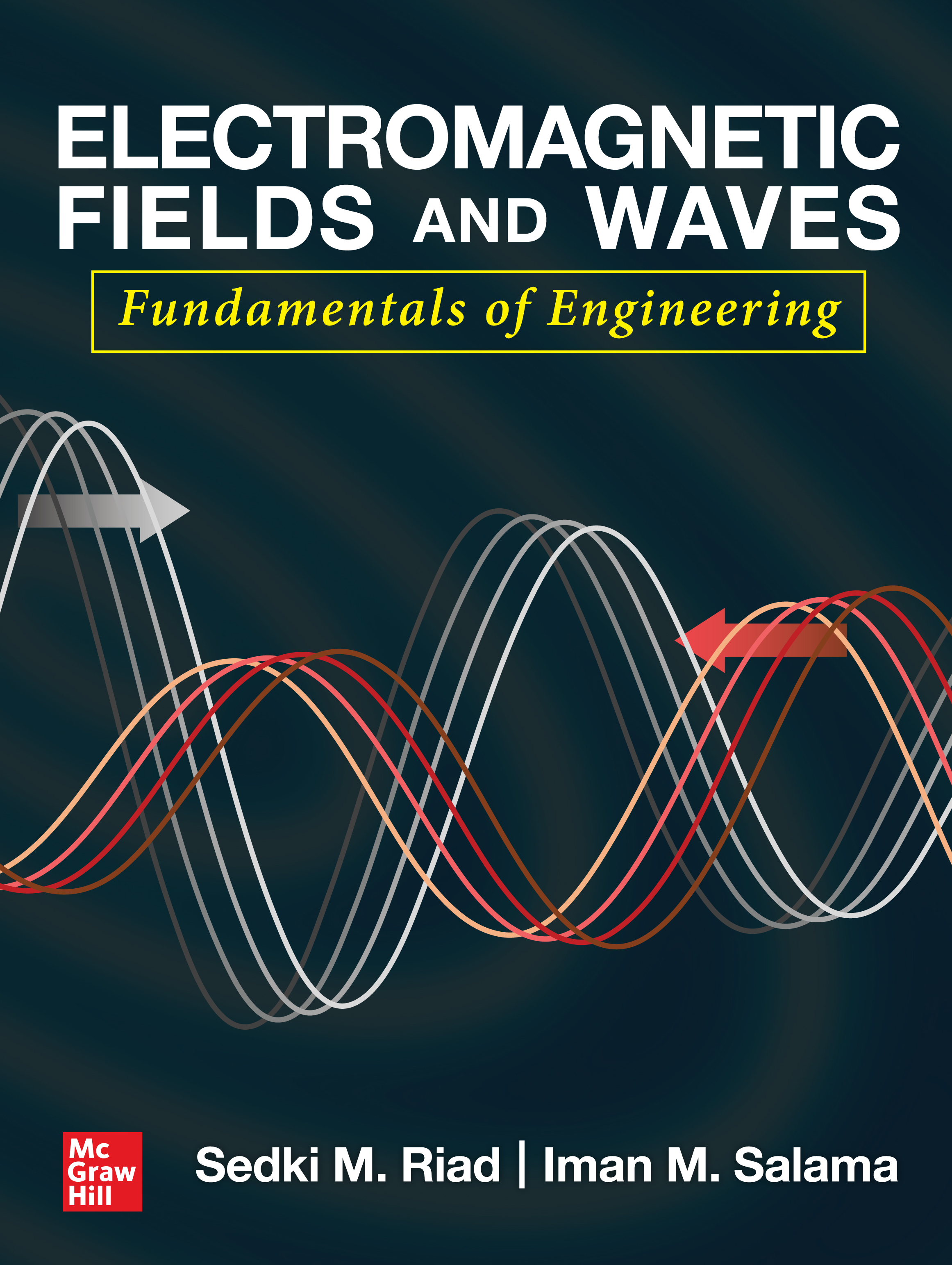
Electromagnetic Fields and Waves Publisher's Note: Products purchased from Third Party sellers are not guaranteed by the publisher for quality, authenticity, or access to any online entitlements included with the product. Understand electromagnetic field principles, engineering techniques, and applications This core introductory-level undergraduate textbook offers a solid coverage of the fundamentals of electromagnetic fields and waves. Written by two electrical engineering experts and experienced educators, the book is designed to accommodate both one and two semester curricula. Electromagnetic Fields and Waves: Fundamentals of Engineering presents detailed explanations of the topic of EM fields in a holistic fashion that integrates the math and the physics of the material with students’ realistic preparation in mind. You will learn about static and time-varying fields, wave propagation and polarization, transmission lines and waveguides, and more. Coverage includes: • An introduction to electromagnetic fields and waves• Transmission lines and wave equations• Transition to electrostatics• Electrostatic fields, electric flux, and Gauss’ law• Electric force, field, energy, and potential• Materials: conductors and dielectrics• Poisson’s and Laplace’s equations• Uniqueness theorem and graphical and numerical solutions• Magnetic fields and flux• Magnetic materials, magnetic circuits, and inductance• Time-varying fields and Faraday’s law• Wave propagation: plane waves• Wave polarization and propagation in multiple layers• Waveguides and cavity resonators• Historical review of EM scientists TECHNOLOGY & ENGINEERING,Electrical
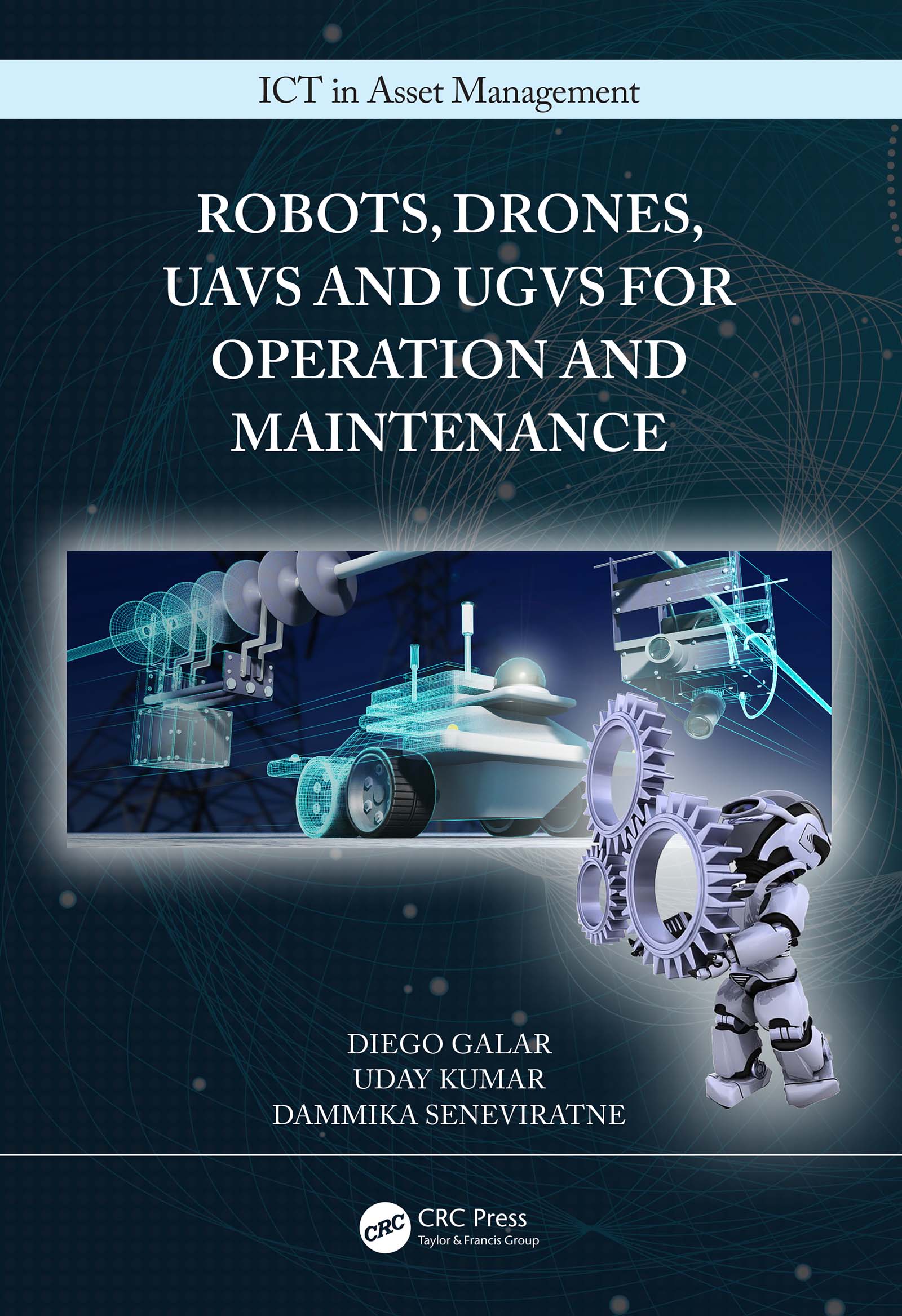
Robots, Drones, UAVs and UGVs for Operation and Maintenance Industrial assets (such as railway lines, roads, pipelines) are usually huge, span long distances, and can be divided into clusters or segments that provide different levels of functionality subject to different loads, degradations and environmental conditions, and their efficient management is necessary. The aim of the book is to give comprehensive understanding about the use of autonomous vehicles (context of robotics) for the utilization of inspection and maintenance activities in industrial asset management in different accessibility and hazard levels. The usability of deploying inspection vehicles in an autonomous manner is explained with the emphasis on integrating the total process. Key Features Aims for solutions for maintenance and inspection problems provided by robotics, drones, unmanned air vehicles and unmanned ground vehicles Discusses integration of autonomous vehicles for inspection and maintenance of industrial assets Covers the industrial approach to inspection needs and presents what is needed from the infrastructure end Presents the requirements for robot designers to design an autonomous inspection and maintenance system Includes practical case studies from industries TECHNOLOGY & ENGINEERING,Electrical

Radio Interfaces in the Internet of Things Systems The book gives a broad overview of the Internet of Things (IoT) concept from various angles. The book provides rationale for: the concept development; its regulatory and technical background associated aspects such as the ambient and edge intelligence; fog computing; capillary networks and machine-type communications; etc. Each of these items is then extended in further respective chapters that deal with technicalities behind them. Chapters: 2-5, 8, 10-11 are addressed to those who seek expository IoT-related information on aspects such as the pathloss calculation, narrowband radio interfaces, radiation masks, spectrum matters, medium access control, and a transmission frame construction. That section ends with an exhaustive description of the six most popular IoT systems: LoRa, Weightless, SigFox, NB-IoT, LTE-M(TC) and EC-GSM IoT. Specialists and network designers may find chapters 6 and 7 interesting where a novel methodology is proposed for testing narrowband IoT systems performance for immunity to electromagnetic interference (EMI) and multipath propagation, both emulated in artificial conditions of the anechoic and the reverberation chamber. TECHNOLOGY & ENGINEERING,Electrical
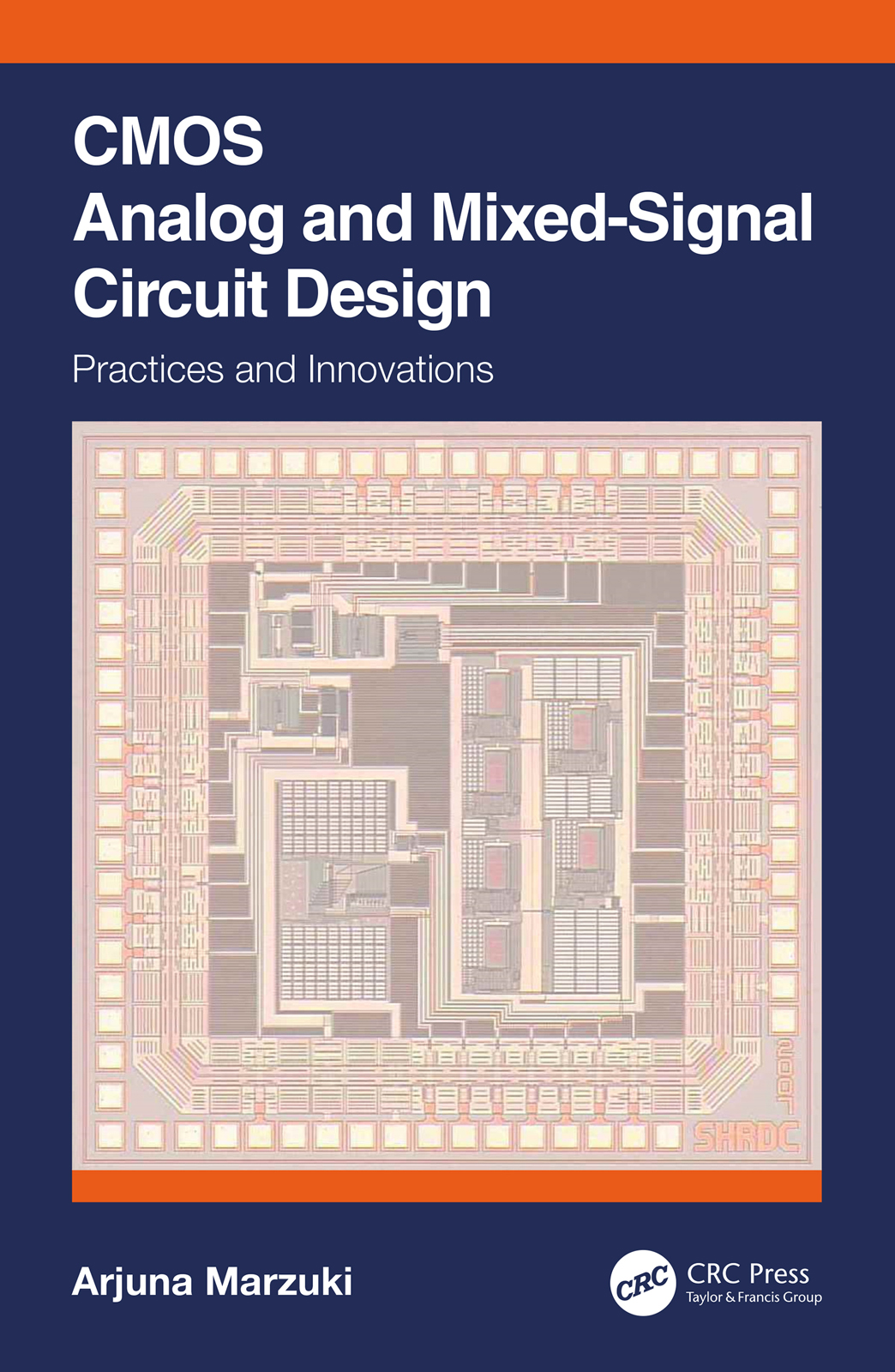
CMOS Analog and Mixed-Signal Circuit Design The purpose of this book is to provide a complete working knowledge of the Complementary Metal-Oxide Semiconductor (CMOS) analog and mixed-signal circuit design, which can be applied for System on Chip (SOC) or Application-Specific Standard Product (ASSP) development. It begins with an introduction to the CMOS analog and mixed-signal circuit design with further coverage of basic devices, such as the Metal-Oxide Semiconductor Field-Effect Transistor (MOSFET) with both long- and short-channel operations, photo devices, fitting ratio, etc. Seven chapters focus on the CMOS analog and mixed-signal circuit design of amplifiers, low power amplifiers, voltage regulator-reference, data converters, dynamic analog circuits, color and image sensors, and peripheral (oscillators and Input/Output [I/O]) circuits, and Integrated Circuit (IC) layout and packaging. Features: Provides practical knowledge of CMOS analog and mixed-signal circuit design Includes recent research in CMOS color and image sensor technology Discusses sub-blocks of typical analog and mixed-signal IC products Illustrates several design examples of analog circuits together with layout Describes integrating based CMOS color circuit TECHNOLOGY & ENGINEERING,Electrical
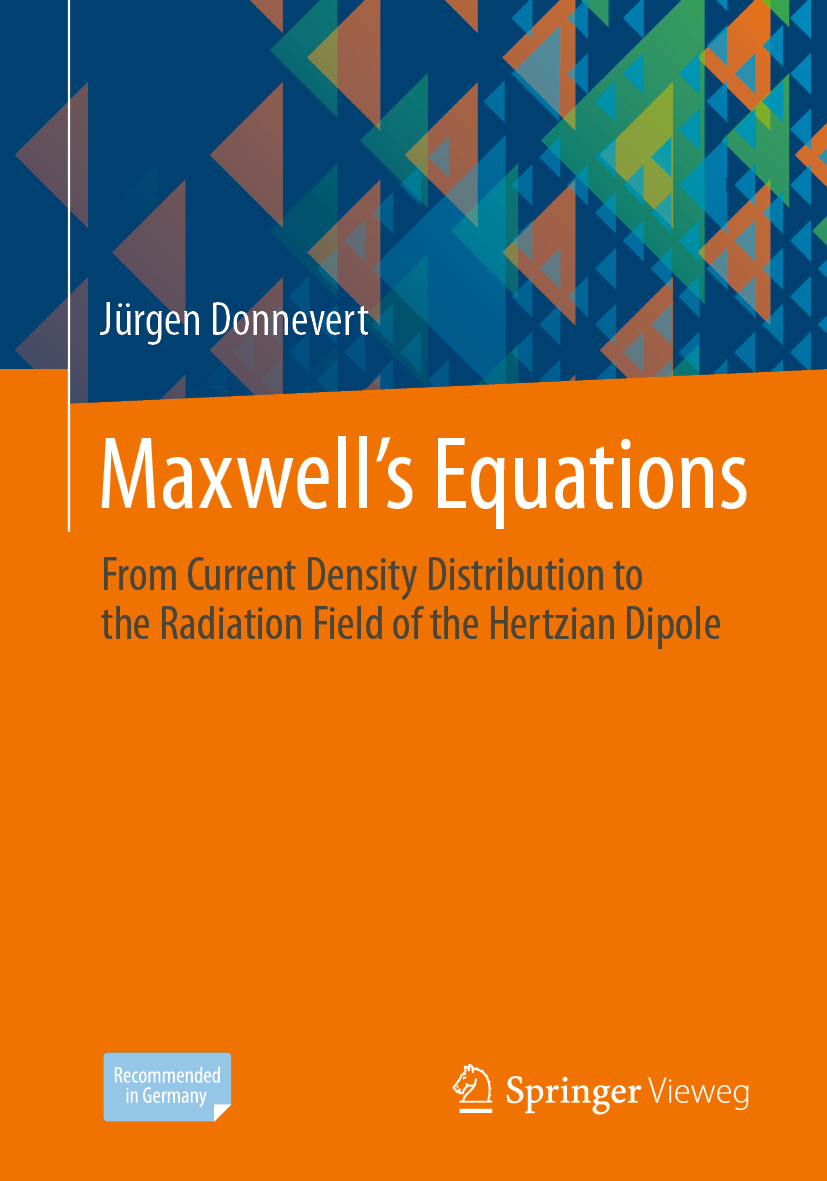
Maxwell´s Equations This book focuses on the derivation and solution of Maxwell’s equations. The stations along the way include the laws of potential and current density distribution, as well as the laws of electrostatics and stationary magnetic fields. The book is chiefly intended for students of electrical engineering, information technology, and physics; the goal is to prepare them for courses on Electromagnetic Field Theory (EFT). Building on what they have learned in advanced physics and mathematics courses at secondary school or technical college, it is intended to accompany university-level EFT courses. Particular importance is attached to detailed explanations in text form, combined with a wealth of illustrations. All formulas are derived step by step. TECHNOLOGY & ENGINEERING,Electrical

Optical Signal Processing in Highly Nonlinear Fibers This book provides an updated description of the most relevant types of highly nonlinear fibers. It also describes some of their actual applications for nonlinear optical signal processing. Multiple types of highly nonlinear fibers are considered, such as silica-based conventional highly nonlinear fibers, tapered fibers, photonic crystal fibers, and fibers made of highly nonlinear materials, namely lead-silicate, tellurite, bismuth oxide, and chalcogenide glasses. Several nonlinear phenomena occurring on such highly nonlinear fibers are described and used to realize different functions in the area of all-optical signal processing.  Describes several nonlinear phenomena occurring on optical fibers, namely nonlinear phase modulation, parametric and stimulated scattering processes, optical solitons, and supercontinuum generation.  Discusses different types of highly nonlinear fibers, namely silica-based conventional highly nonlinear fibers, tapered fibers, and photonic crystal fibers.  Examines fibers made of highly nonlinear materials, namely lead-silicate, tellurite, bismuth oxide, and chalcogenide glasses.  Describes the application of several nonlinear phenomena occurring on highly nonlinear fibers to realize different functions in the area of all-optical signal processing, namely optical amplification, multiwavelength sources, pulse generation, optical regeneration, wavelength conversion, and optical switching. Mário F. S. Ferreira received his PhD degree in 1992 in physics from the University of Aveiro, Portugal, where he is now a professor in the Physics Department. Between 1990 and 1991, he was at the University of Essex, UK, performing experimental work on external cavity semiconductor lasers and nonlinear optical fiber amplifiers. His research interests have been concerned with the modeling and characterization of multisection semiconductor lasers, quantum well lasers, optical fiber amplifiers and lasers, soliton propagation, nanophotonics, optical sensors, polarization, and nonlinear effects in optical fibers. He has written more than 400 scientific journal and conference publications and several books in the area of mathematical physics, optics, and photonics. He has served as chair and committee member of multiple international conferences, as well as guest editor and advisory board member of several international journals. TECHNOLOGY & ENGINEERING,Electrical
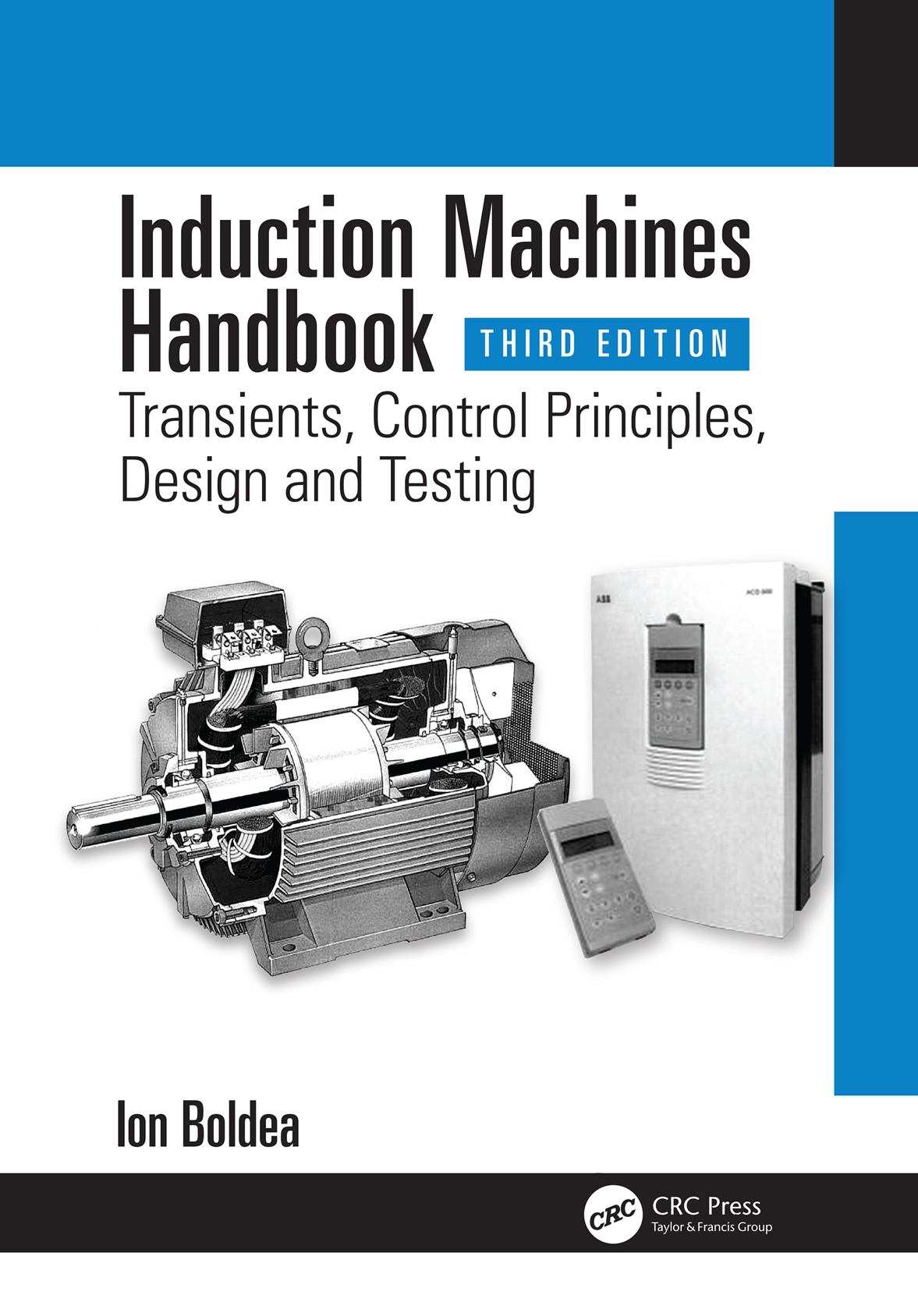
Induction Machines Handbook Induction Machines Handbook: Transients, Control Principles, Design and Testing presents a practical up-to-date treatment of intricate issues with induction machines (IM) required for design and testing in both rather constant- and variable-speed (with power electronics) drives. It contains ready-to-use industrial design and testing knowledge, with numerous case studies to facilitate a thorough assimilation of new knowledge. Individual Chapters 1 through 14 discuss in detail the following: Three- and multiphase IM transients Single-phase source IM transients Super-high-frequency models and behavior of IM Motor specifications and design principles IM design below 100 kW and constant V1 and f1 IM design above 100 kW and constant V1 and f1 IM design principles for variable speed Optimization design Single-phase IM design Three-phase IM generators Single-phase IM generators Linear induction motors Testing of three-phase IMs Single-phase IM testing Fully revised and amply updated to add the new knowledge of the last decade, this third edition includes special sections on Multiphase IM models for transients Doubly fed IMs models for transients Cage-rotor synchronized reluctance motors Cage-rotor PM synchronous motor Transient operation of self-excited induction generator Brushless doubly fed induction motor/generators Doubly fed induction generators with D.C. output Linear induction motor control with end effect Recent trends in IM testing with power electronics Cage-PM rotor line-start IM testing Linear induction motor (LIM) testing This up-to-date book discusses in detail the transients, control principles, and design and testing of various IMs for line-start and variable-speed applications in various topologies, with numerous case studies. It will be of direct assistance to academia and industry in conceiving, designing, fabricating, and testing IMs (for the future) of various industries, from home appliances, through robotics, e-transport, and renewable energy conversion. TECHNOLOGY & ENGINEERING,Electrical
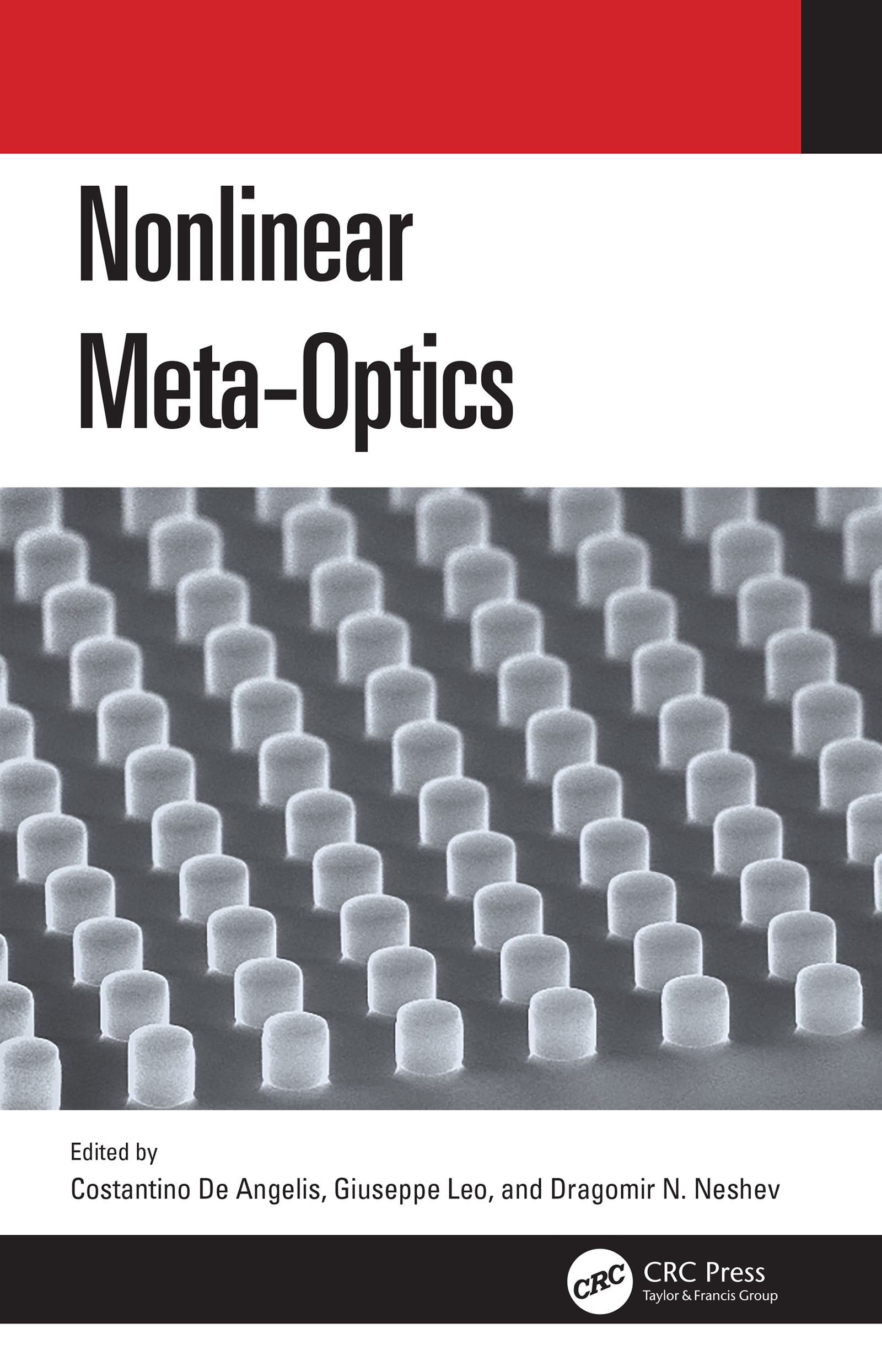
Nonlinear Meta-Optics This book addresses fabrication as well as characterization and modeling of semiconductor nanostructures in the optical regime, with a focus on nonlinear effects. The visible range as well as near and far infrared spectral region will be considered with a view to different envisaged applications. The book covers the current key challenges of the research in the area, including: exploiting new material platforms, fully extending the device operation into the nonlinear regime, adding re-configurability to the envisaged devices and proposing new modeling tools to help in conceiving new functionalities. • Explores several topics in the field of semiconductor nonlinear nanophotonics, including fabrication, characterization and modeling of semiconductor nanostructures in the optical regime, with a focus on nonlinear effects • Describes the research challenges in the field of optical metasurfaces in the nonlinear regime • Reviews the use and achievements of all-dielectric nanoantennas for strengthening the nonlinear optical response • Describes both theoretical and experimental aspects of photonic devices based on semiconductor optical nanoantennas and metasurfaces • Gathers contributions from several leading groups in this research field to provide a thorough and complete overview of the current state of the art in the field of semiconductor nonlinear nanophotonics Costantino De Angelis has been full professor of electromagnetic fields at the University of Brescia since 1998. He is an OSA Fellow and has been responsible for several university research contracts in the last 20 years within Europe, the United States, and Italy. His technical interests are in optical antennas and nanophotonics. He is the author of over 150 peer-reviewed scientific journal articles. Giuseppe Leo has been a full professor in physics at Paris Diderot University since 2004, and in charge of the nonlinear devices group of MPQ Laboratory since 2006. His research areas include nonlinear optics, micro- and nano-photonics, and optoelectronics, with a focus on AlGaAs platform. He has coordinated several research programs and coauthored 100 peer-reviewed journal articles, 200 conference papers, 10 book chapters and also has four patents. Dragomir Neshev is a professor in physics and the leader of the experimental photonics group in the Nonlinear Physics Centre at Australian National University (ANU). His activities span over several branches of optics, including nonlinear periodic structures, singular optics, plasmonics, and photonic metamaterials. He has coauthored 200 publications in international peer-reviewed scientific journals. TECHNOLOGY & ENGINEERING,Electrical
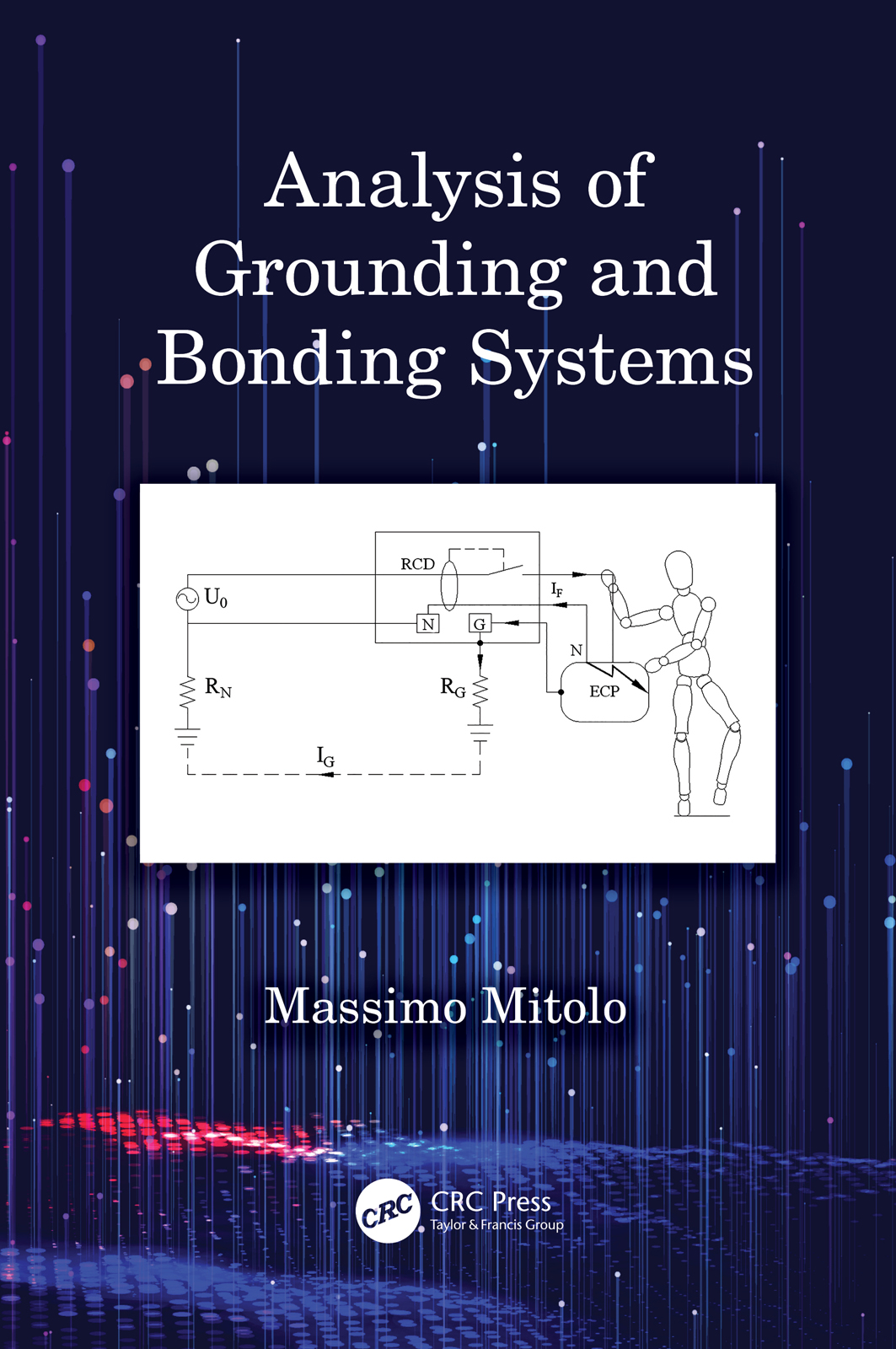
Analysis of Grounding and Bonding Systems Learn the theory behind grounding systems and bonding equipotential connections from a worldwide expert. Through mathematical analysis, comprehensive explanations, and detailed figures, Analysis of Grounding and Bonding Systems explains the theory and the reasons behind basic ground-electrodes (i.e., the sphere, the ground rod, and the horizontal ground wire), and more complex grounding systems (i.e., ground-grids), buried in uniform and non-uniform soils. Through calculations and explanatory diagrams, this comprehensive guide provides code-complying solutions for the safety against electric shock provided by equipotential bonding connections between exposed-conductive-parts, such as equipment enclosures, and metalwork. Details on the calculation of step and touch voltages in different types of system grounding (i.e., TT, TN, and IT) are provided, also with the aid of solved problems. Readers will learn how to minimize hazardous interactions between grounding systems, cathodically protected pipelines, and heat networks. The analysis of the effectiveness of bonding systems against electric shock in the case of contact with electric vehicles during charge in the event of ground-faults, which is an upcoming issue challenging our safety, is included. TECHNOLOGY & ENGINEERING,Electrical
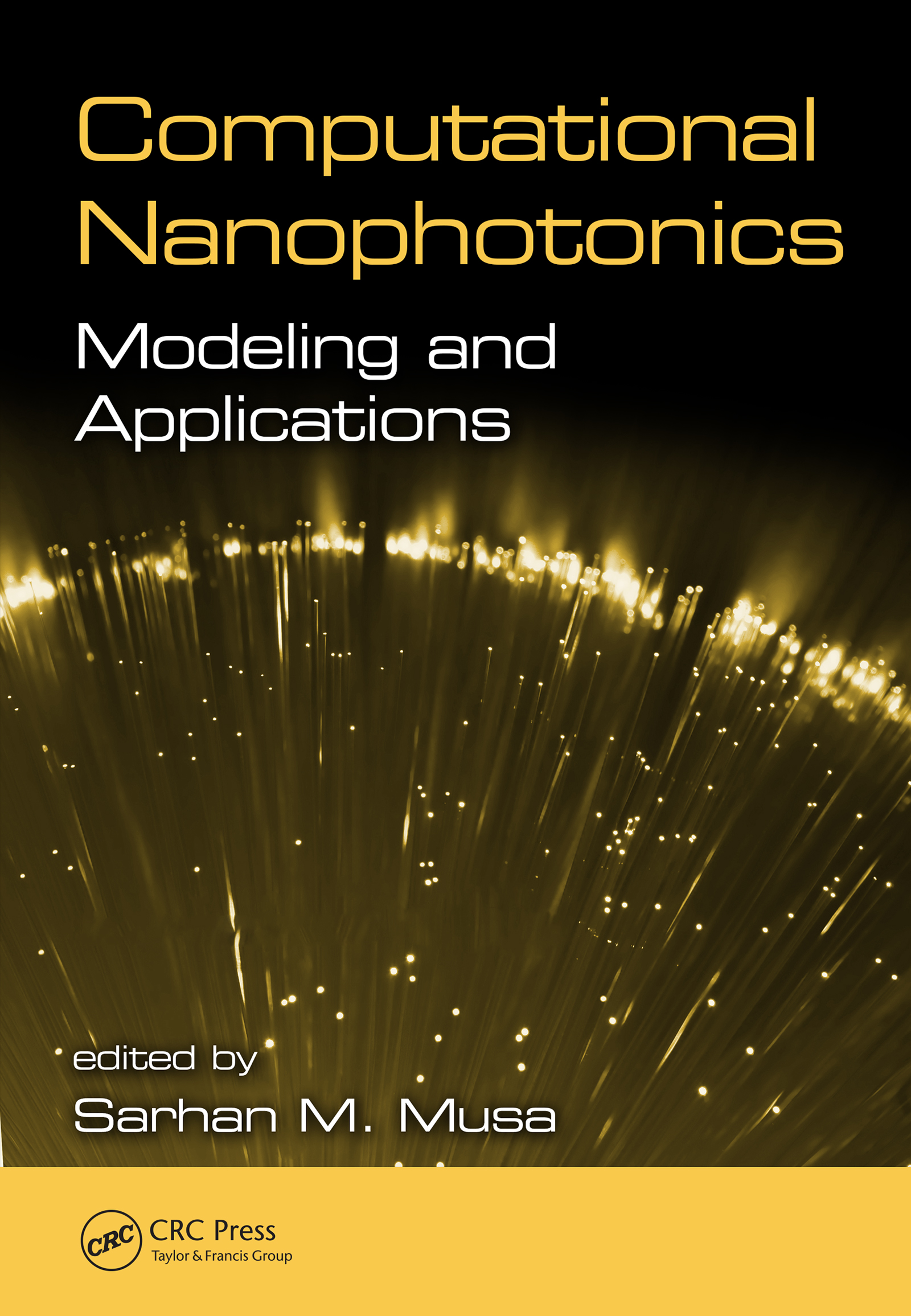
Computational Nanophotonics This reference offers tools for engineers, scientists, biologists, and others working with the computational techniques of nanophotonics. It introduces the key concepts of computational methods in a manner that is easily digestible for newcomers to the field. The book also examines future applications of nanophotonics in the technical industry and covers new developments and interdisciplinary research in engineering, science, and medicine. It provides an overview of the key computational nanophotonics and describes the technologies with an emphasis on how they work and their key benefits. TECHNOLOGY & ENGINEERING,Electrical

Linear Control Theory Successfully classroom-tested at the graduate level, Linear Control Theory: Structure, Robustness, and Optimization covers three major areas of control engineering (PID control, robust control, and optimal control). It provides balanced coverage of elegant mathematical theory and useful engineering-oriented results. The first part of the book develops results relating to the design of PID and first-order controllers for continuous and discrete-time linear systems with possible delays. The second section deals with the robust stability and performance of systems under parametric and unstructured uncertainty. This section describes several elegant and sharp results, such as Kharitonov’s theorem and its extensions, the edge theorem, and the mapping theorem. Focusing on the optimal control of linear systems, the third part discusses the standard theories of the linear quadratic regulator, H infinity and l 1 optimal control, and associated results. Written by recognized leaders in the field, this book explains how control theory can be applied to the design of real-world systems. It shows that the techniques of three term controllers, along with the results on robust and optimal control, are invaluable to developing and solving research problems in many areas of engineering. TECHNOLOGY & ENGINEERING,Electrical
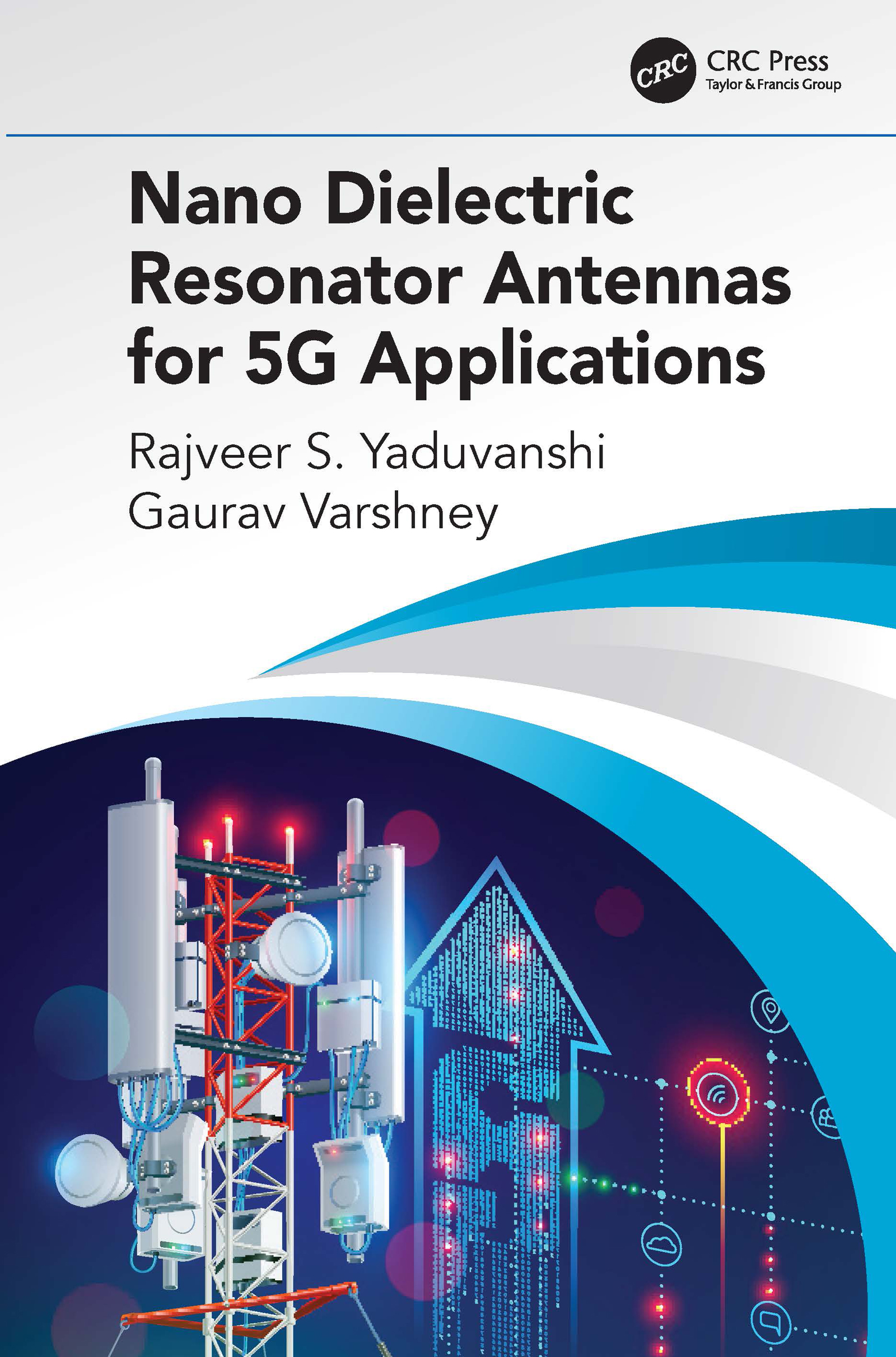
Nano Dielectric Resonator Antennas for 5G Applications We are always surrounded by electromagnetic waves and fields of various spectra. This book explains basic electromagnetic theory with the help of design formulations i.e. mathematical background on antennas along with experimentations, which has made this book unique. The main purpose of this book is to embed mathematical EM theory of dielectric resonator antennas with experimental validation so that understanding of concepts takes place. Initially, basic understanding of philosophy of dielectric resonators has been discussed, then it is supported with mathematical modeling and later same is implemented with its prototype model along with experimentations. The modes theory gives important analysis on currents distribution, impedance analysis and radiation pattern in DRA. Circular polarization can built signal robustness, case studies on circular polarization has been included. Equivalent RLC circuit concept has been introduced. Challenges of switching from microwave to terahertz has been briefly discussed. Nano DRA will revolutionize the wireless technology. Nano DRA ,Terahertz DRA and Quantum DRA have analyzed and studied. TECHNOLOGY & ENGINEERING,Electrical
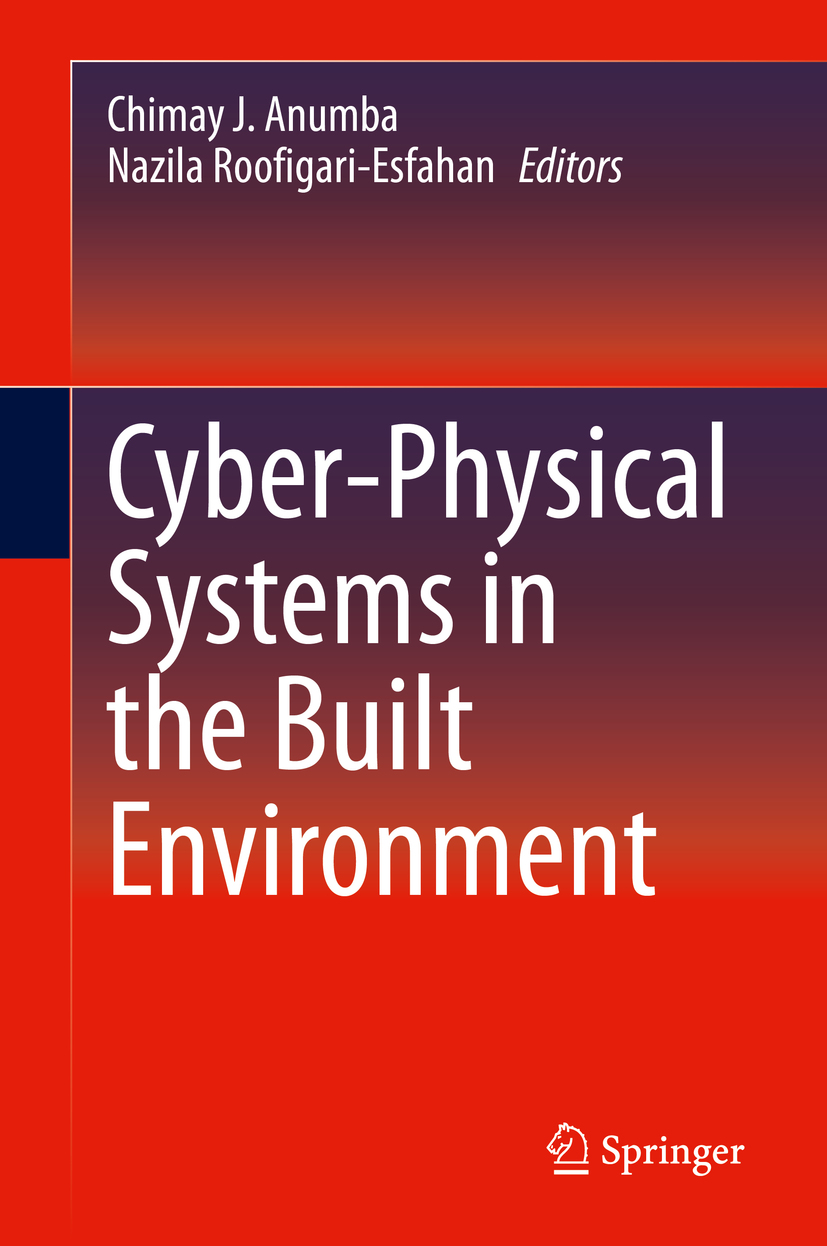
Cyber-Physical Systems in the Built Environment This book introduces researchers and practitioners to Cyber-Physical Systems (CPS) and its applications in the built environment. It begins with a fundamental introduction to CPS technology and associated concepts.It then presents numerous examples of applications from managing construction projects to smart transportation systems and smart cities. It concludes with a discussion of future directions for CPS deployment in the construction, operation and maintenance of constructed facilities. Featuring internationally recognized experts as contributors, Cyber-Physical Systems in the Built Environment, is an ideal resource for engineers, construction managers, architects, facilities managers, and planners working on a range of building and civil infrastructure projects. TECHNOLOGY & ENGINEERING,Electrical

Optimization of Trustworthy Biomolecular Quantitative Analysis Using Cyber-Physical Microfluidic Platforms A microfluidic biochip is an engineered fluidic device that controls the flow of analytes, thereby enabling a variety of useful applications. According to recent studies, the fields that are best set to benefit from the microfluidics technology, also known as lab-on-chip technology, include forensic identification, clinical chemistry, point-of-care (PoC) diagnostics, and drug discovery. The growth in such fields has significantly amplified the impact of microfluidics technology, whose market value is forecast to grow from $4 billion in 2017 to $13.2 billion by 2023. The rapid evolution of lab-on-chip technologies opens up opportunities for new biological or chemical science areas that can be directly facilitated by sensor-based microfluidics control. For example, the digital microfluidics-based ePlex system from GenMarkDx enables automated disease diagnosis and can bring syndromic testing near patients everywhere. However, as the applications of molecular biology grow, the adoption of microfluidics in many applications has not grown at the same pace, despite the concerted effort of microfluidic systems engineers. Recent studies suggest that state-of-the-art design techniques for microfluidics have two major drawbacks that need to be addressed appropriately: (1) current lab-on-chip systems were only optimized as auxiliary components and are only suitable for sample-limited analyses; therefore, their capabilities may not cope with the requirements of contemporary molecular biology applications; (2) the integrity of these automated lab-on-chip systems and their biochemical operations are still an open question since no protection schemes were developed against adversarial contamination or result-manipulation attacks. Optimization of Trustworthy Biomolecular Quantitative Analysis Using Cyber-Physical Microfluidic Platforms provides solutions to these challenges by introducing a new design flow based on the realistic modeling of contemporary molecular biology protocols. It also presents a microfluidic security flow that provides a high-level of confidence in the integrity of such protocols. In summary, this book creates a new research field as it bridges the technical skills gap between microfluidic systems and molecular biology protocols but it is viewed from the perspective of an electronic/systems engineer. TECHNOLOGY & ENGINEERING,Electrical
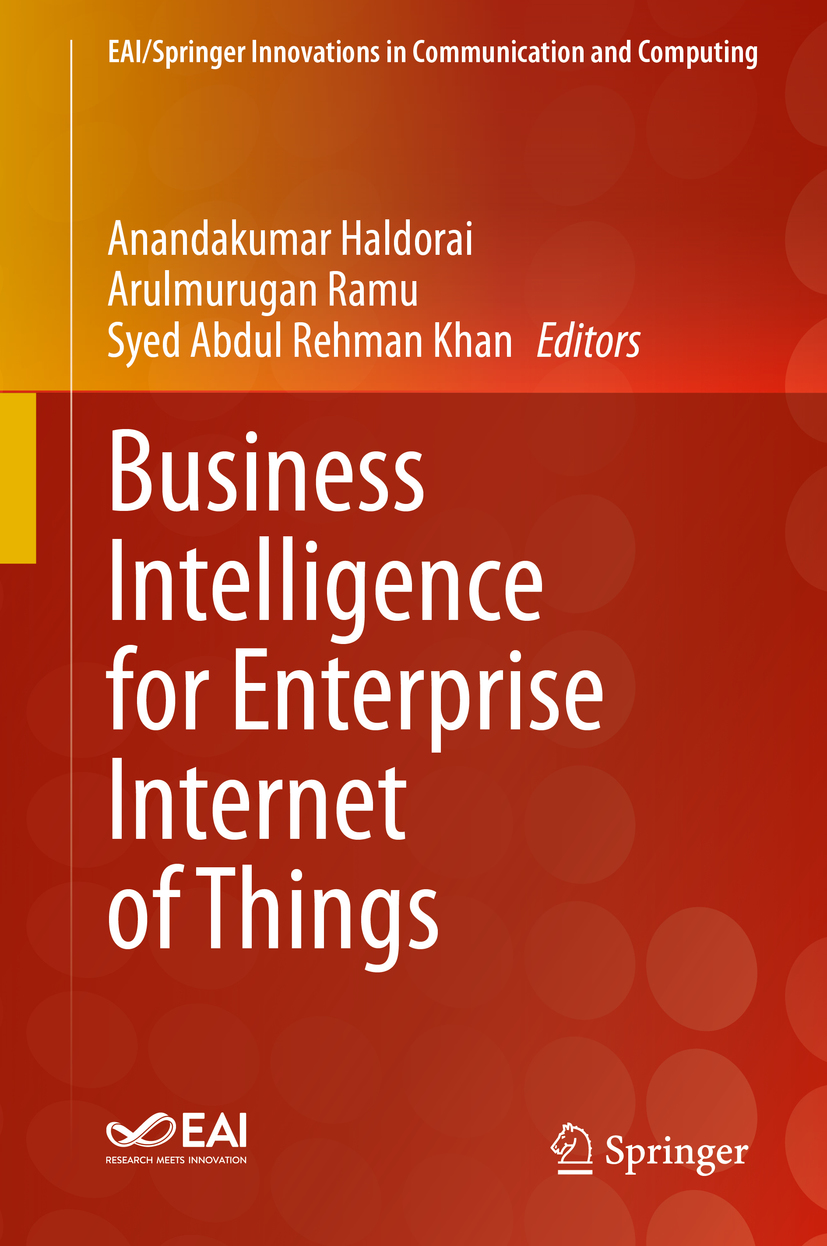
Business Intelligence for Enterprise Internet of Things This book discusses Internet of Things (IoT) as it relates to enterprise applications, systems, and infrastructures. The authors discuss IoT and how it’s disrupting industries such as enterprise manufacturing, enterprise transportation, enterprise smart market, enterprise utilities, and enterprise healthcare. They cover how IoT in the enterprise will have a major impact on the lives of consumers and professionals around the world and how it will change the way we think about professional and consumer networks. The book's topics include IoT enterprise system architecture, IoT enabling enterprise technologies, and IoT enterprise services and applications. Examples include enterprise on demand, market impacts, and implications on smart technologies, big data enterprise management, and future enterprise Internet design for various IoT use cases, such as share markets, healthcare, smart cities, smart environments, smart communications and smart homes. TECHNOLOGY & ENGINEERING,Electrical
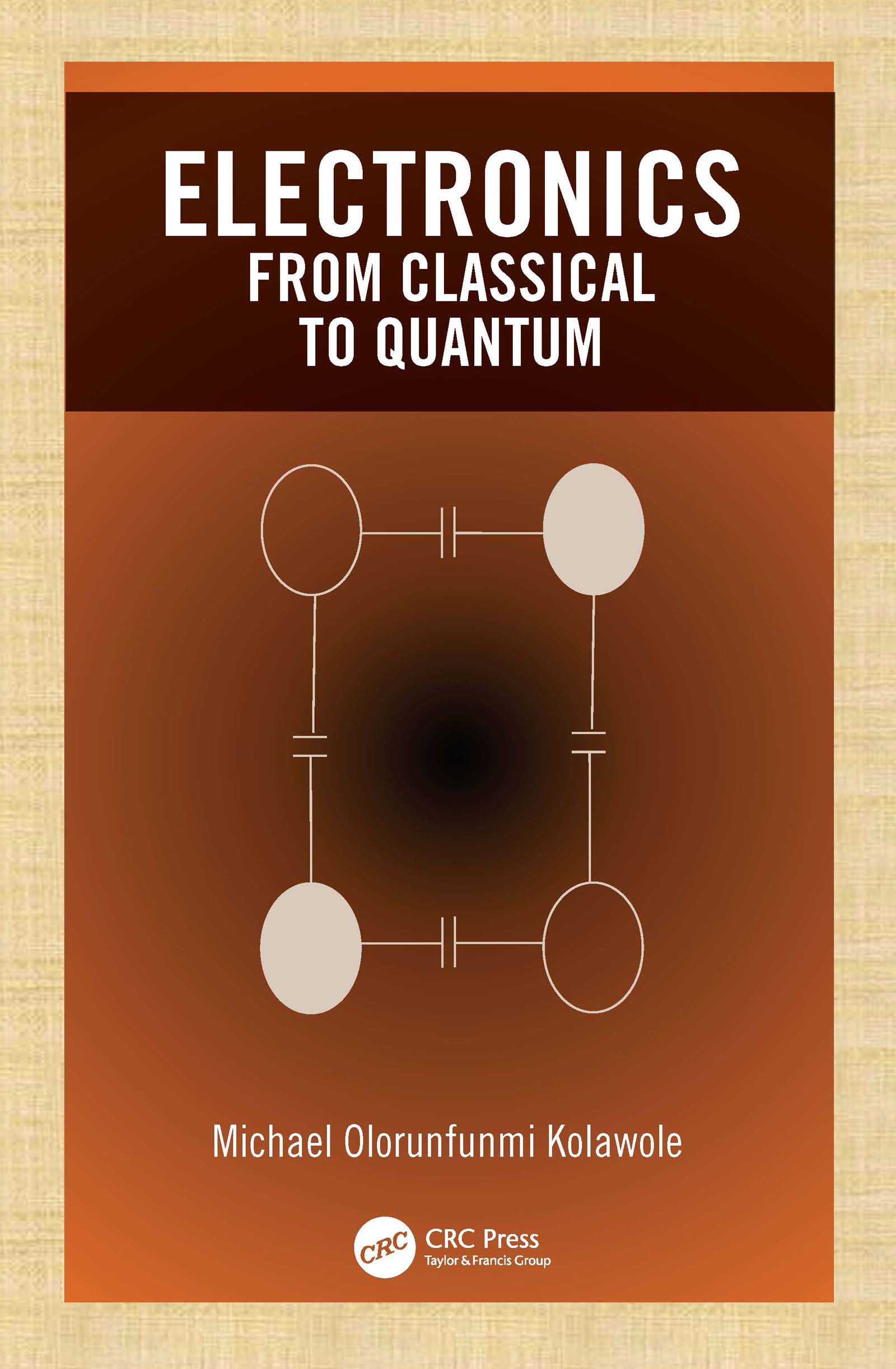
Electronics This book gives clear explanations of the technical aspects of electronics engineering from basic classical device formulations to the use of nanotechnology to develop efficient quantum electronic systems. As well as being up to date, this book provides a broader range of topics than found in many other electronics books. This book is written in a clear, accessible style and covers topics in a comprehensive manner. This book’s approach is strongly application-based with key mathematical techniques introduced, helpful examples used to illustrate the design procedures, and case studies provided where appropriate. By including the fundamentals as well as more advanced techniques, the author has produced an up-to-date reference that meets the requirements of electronics and communications students and professional engineers. Features Discusses formulation and classification of integrated circuits Develops a hierarchical structure of functional logic blocks to build more complex digital logic circuits Outlines the structure of transistors (bipolar, JFET, MOSFET or MOS, CMOS), their processing techniques, their arrangement forming logic gates and digital circuits, optimal pass transistor stages of buffered chain, sources and types of noise, and performance of designed circuits under noisy conditions Explains data conversion processes, choice of the converter types, and inherent errors Describes electronic properties of nanomaterials, the crystallites’ size reduction effect, and the principles of nanoscale structure fabrication Outlines the principles of quantum electronics leading to the development of lasers, masers, reversible quantum gates, and circuits and applications of quantum cells and fabrication methods, including self-assembly (quantum-dot cellular automata) and tunneling (superconducting circuits), and describes quantum error-correction techniques Problems are provided at the end of each chapter to challenge the reader’s understanding TECHNOLOGY & ENGINEERING,Electrical
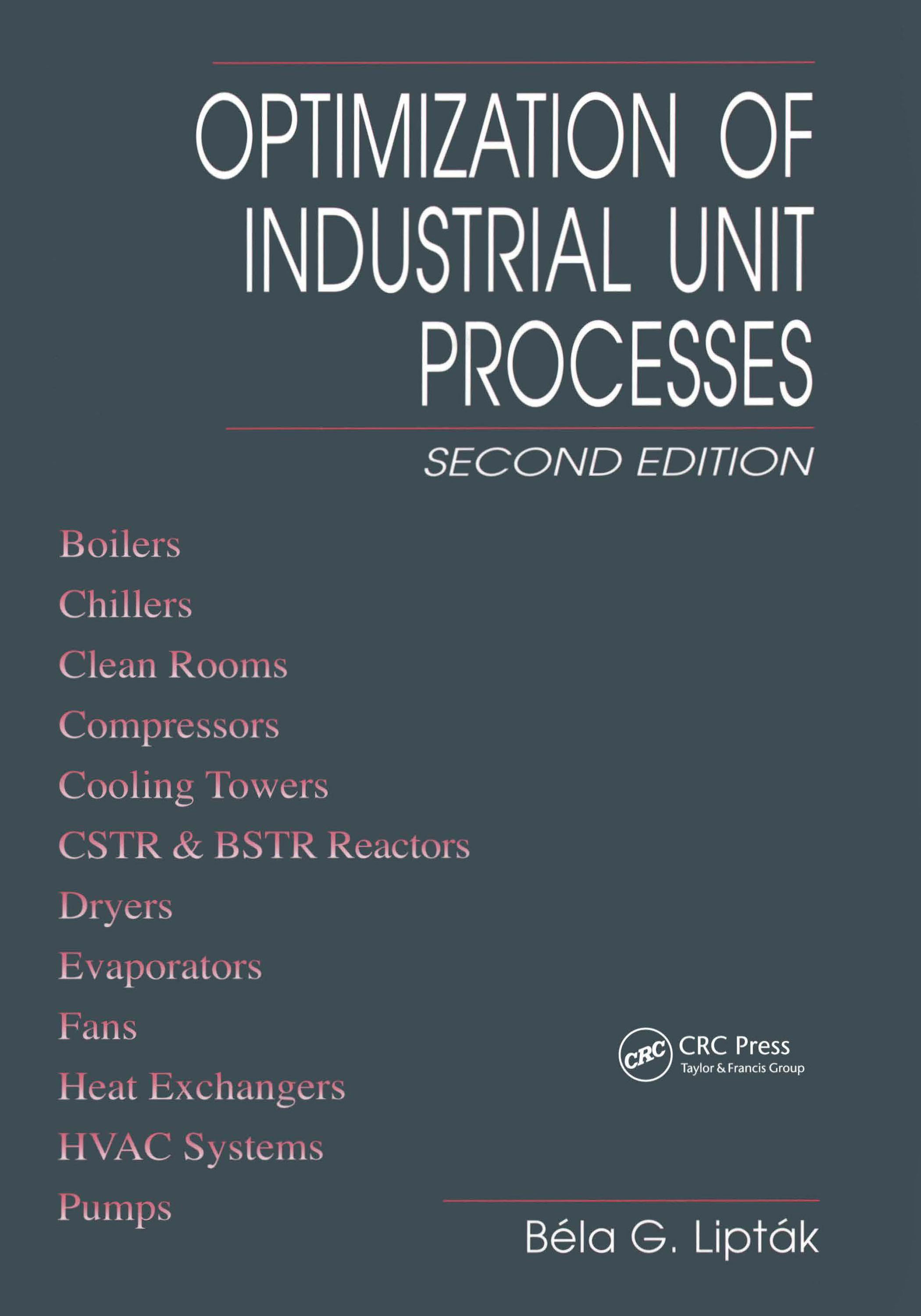
Optimization of Industrial Unit Processes In Optimization of Industrial Unit Processes, the term "optimization" means the maximizing of productivity and safety while minimizing operating costs. In a fully optimized plant, efficiency and productivity are continuously maximized while levels, temperatures, pressures, or flows float within their allowable limits. This control philosophy differs from earlier approaches - where levels and temperatures were controlled at constant values, and plant productivity was only an accidental, uncontrolled consequence of those controlled variables. With this approach, the sides of a multivariable control envelope are the various constraints while inside the envelope the process is continuously moved to maximize efficiency and productivity. Because one must understand a process before one can control it (let alone optimize it), Optimization of Industrial Unit Processes discusses the "personality" and characteristics of each process in term of its time constants, gains, and other unique features. This book provides information for engineers who design or operate industrial plants and who seek to increase the profitability of their plants. It recognizes that all industrial processes involve operations such as material transportation, heat transfer, and reactions. Therefore each plant consists of a combination of basic unit operations and can be optimized by maximizing the efficiency, and minimizing the operating cost, of the individual unit operations from which it is composed. Optimization of Industrial Unit Processes discusses real world processes - where pipes leak, sensors plug, and pumps cavitate - offering practical solutions to real problems. Each control system described in the book works, illustrating the state of the art in controlling a particular unit operation. This second edition reflects the continual improvement and evolution of control systems as well as anticipates future advances. Bela G. Liptak speaks on Post-Oil Energy Technology on the AT&T Tech Channel. TECHNOLOGY & ENGINEERING,Electrical
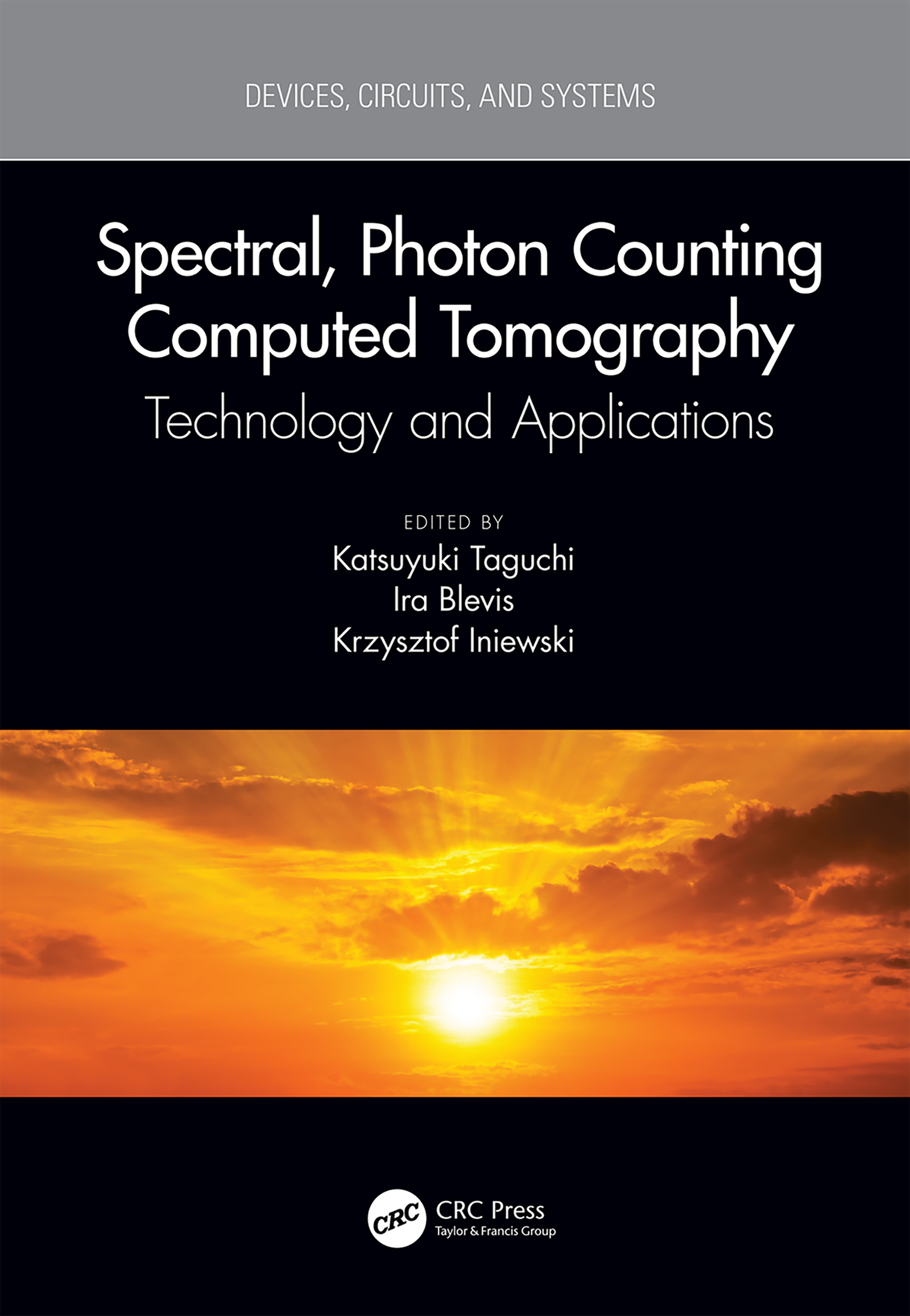
Spectral, Photon Counting Computed Tomography Spectral, Photon Counting Computed Tomography is a comprehensive cover of the latest developments in the most prevalent imaging modality (x-ray computed tomography (CT)) in its latest incarnation: Spectral, Dual-Energy, and Photon Counting CT. Disadvantages of the conventional single-energy technique used by CT technology are that different materials cannot be distinguished and that the noise is larger. To address these problems, a novel spectral CT concept has been proposed. Spectral Dual-Energy CT (DE-CT) acquires two sets of spectral data, and Spectral Photon Counting CT (PC-CT) detects energy of x-ray photons to reveal additional material information of objects by using novel energy-sensitive, photon-counting detectors. The K-edge imaging may be a gateway for functional or molecular CT. The book covers detectors and electronics, image reconstruction methods, image quality assessments, a simulation tool, nanoparticle contrast agents, and clinical applications for spectral CT. TECHNOLOGY & ENGINEERING,Electrical
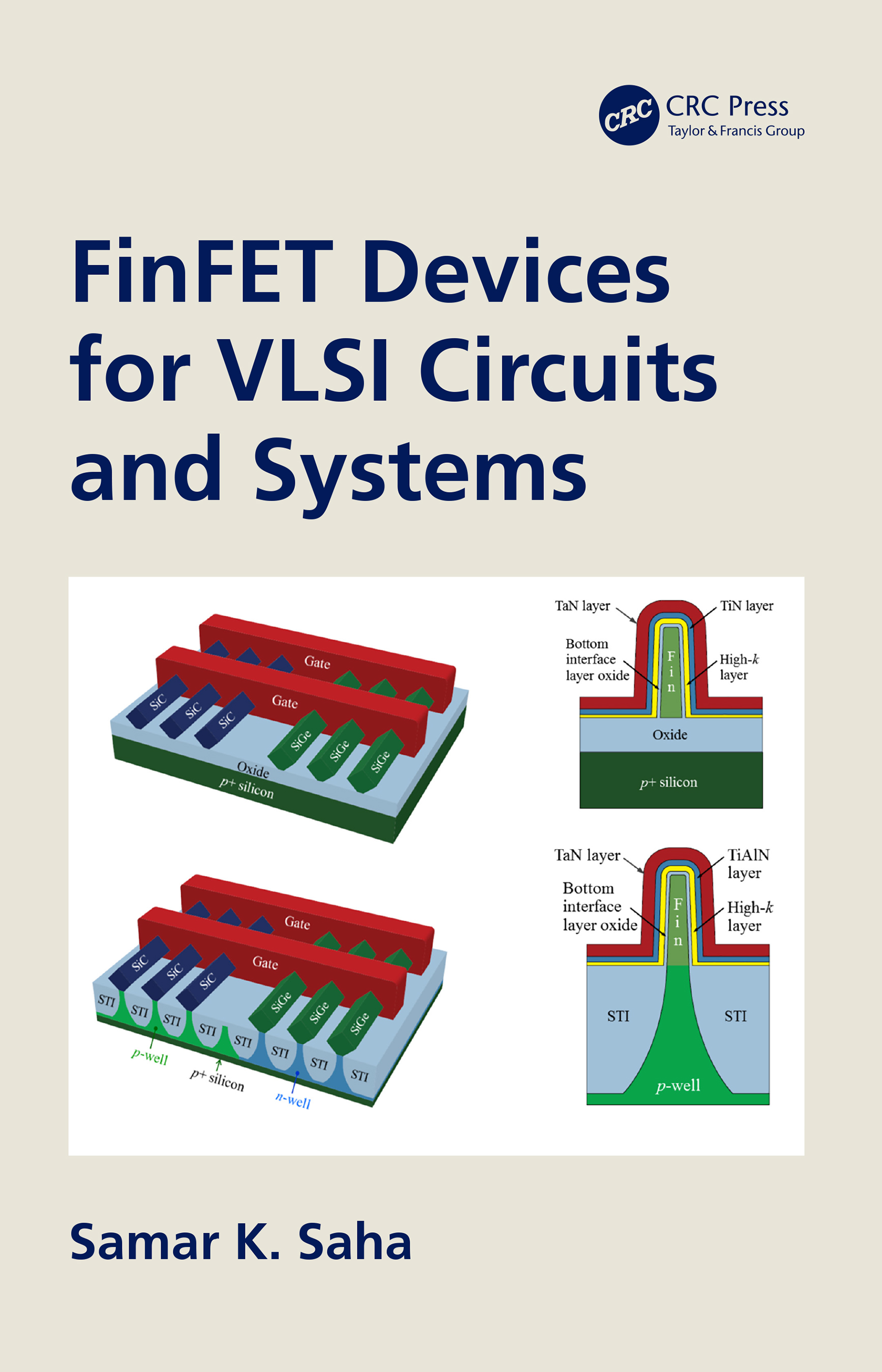
FinFET Devices for VLSI Circuits and Systems To surmount the continuous scaling challenges of MOSFET devices, FinFETs have emerged as the real alternative for use as the next generation device for IC fabrication technology. The objective of this book is to provide the basic theory and operating principles of FinFET devices and technology, an overview of FinFET device architecture and manufacturing processes, and detailed formulation of FinFET electrostatic and dynamic device characteristics for IC design and manufacturing. Thus, this book caters to practicing engineers transitioning to FinFET technology and prepares the next generation of device engineers and academic experts on mainstream device technology at the nanometer-nodes. TECHNOLOGY & ENGINEERING,Electrical

Wireless-Powered Backscatter Communications for Internet of Things This book provides and assesses the techniques required for the realization of practical wireless-powered backscatter systems for large-scale and intelligent IoT networks. It explores the deployment, reliability, and security aspects of backscatter devices for both indoor and outdoor environments. The book also sheds light on some of the recently evolving technologies such as artificial intelligence/ machine learning, non-orthogonal multiple access (NOMA), and multi-tone carrier techniques and identifies their application in backscatter communications. In addition, it offers a valuable blueprint for future studies in the domains of intelligent reflective surfaces, ambient backscatter communications and massive IoT networks. TECHNOLOGY & ENGINEERING,Electrical

Applied State Estimation and Association A rigorous introduction to the theory and applications of state estimation and association, an important area in aerospace, electronics, and defense industries. Applied state estimation and association is an important area for practicing engineers in aerospace, electronics, and defense industries, used in such tasks as signal processing, tracking, and navigation. This book offers a rigorous introduction to both theory and application of state estimation and association. It takes a unified approach to problem formulation and solution development that helps students and junior engineers build a sound theoretical foundation for their work and develop skills and tools for practical applications. Chapters 1 through 6 focus on solving the problem of estimation with a single sensor observing a single object, and cover such topics as parameter estimation, state estimation for linear and nonlinear systems, and multiple model estimation algorithms. Chapters 7 through 10 expand the discussion to consider multiple sensors and multiple objects. The book can be used in a first-year graduate course in control or system engineering or as a reference for professionals. Each chapter ends with problems that will help readers to develop derivation skills that can be applied to new problems and to build computer models that offer a useful set of tools for problem solving. Readers must be familiar with state-variable representation of systems and basic probability theory including random and stochastic processes. TECHNOLOGY & ENGINEERING,Electrical
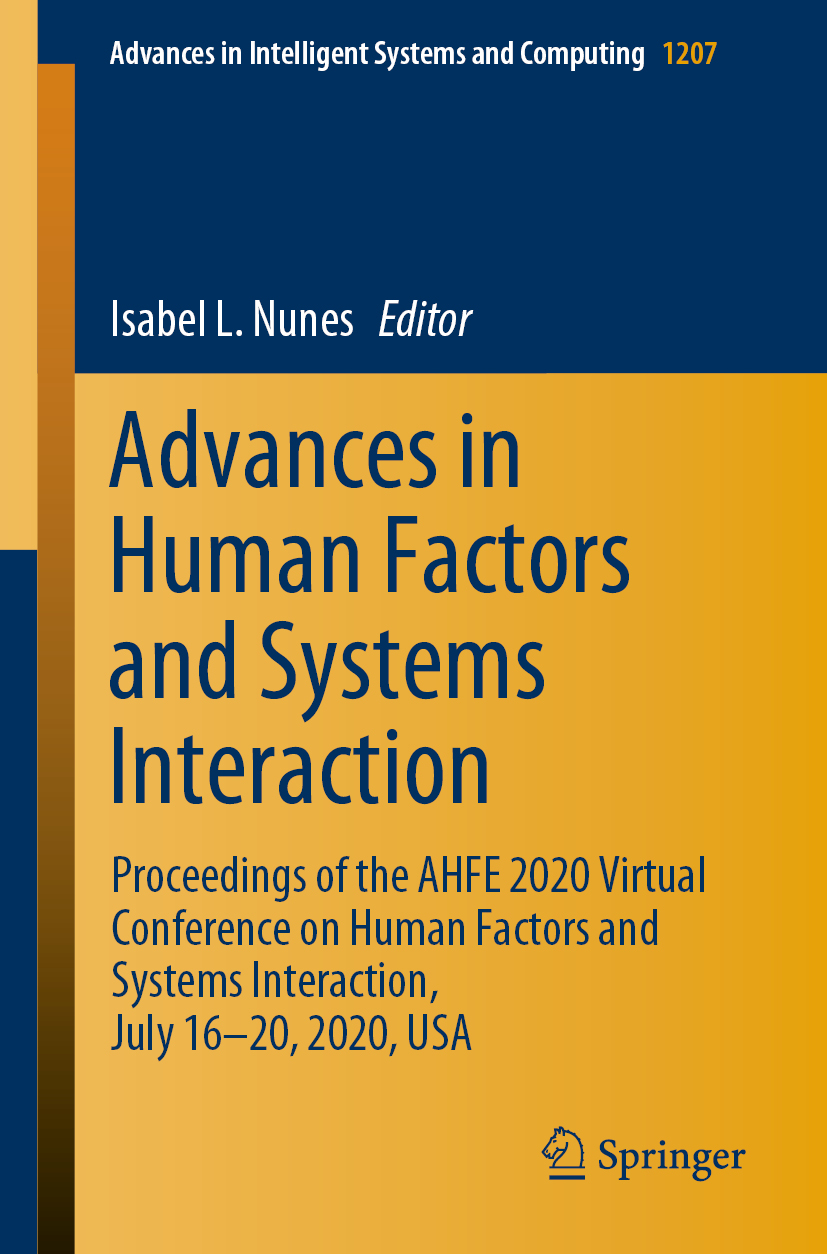
Advances in Human Factors and Systems Interaction This book presents cutting-edge research on innovative system interfaces, highlighting both lifecycle development and human–technology interaction, especially in virtual, augmented and mixed reality systems. It describes advanced methodologies and tools for evaluating and improving interface usability, and discusses new models, case studies and good practices. The book addresses the human, hardware, and software factors in the process of developing interfaces for optimizing total system performance, while minimizing costs. It also highlights the forces currently shaping the nature of computing and systems, such as the importance of portability and technologies for reducing power requirements; the need for better assimilation of computation in the environment; and solutions to promote computer and system accessibility for people with special needs. Based on the AHFE 2020 Virtual Conference on Human Factors and Systems Interaction, held on July 16–20, 2020, the book offers a timely survey and a practice-oriented guide for systems interface users and developers alike. TECHNOLOGY & ENGINEERING,Electrical
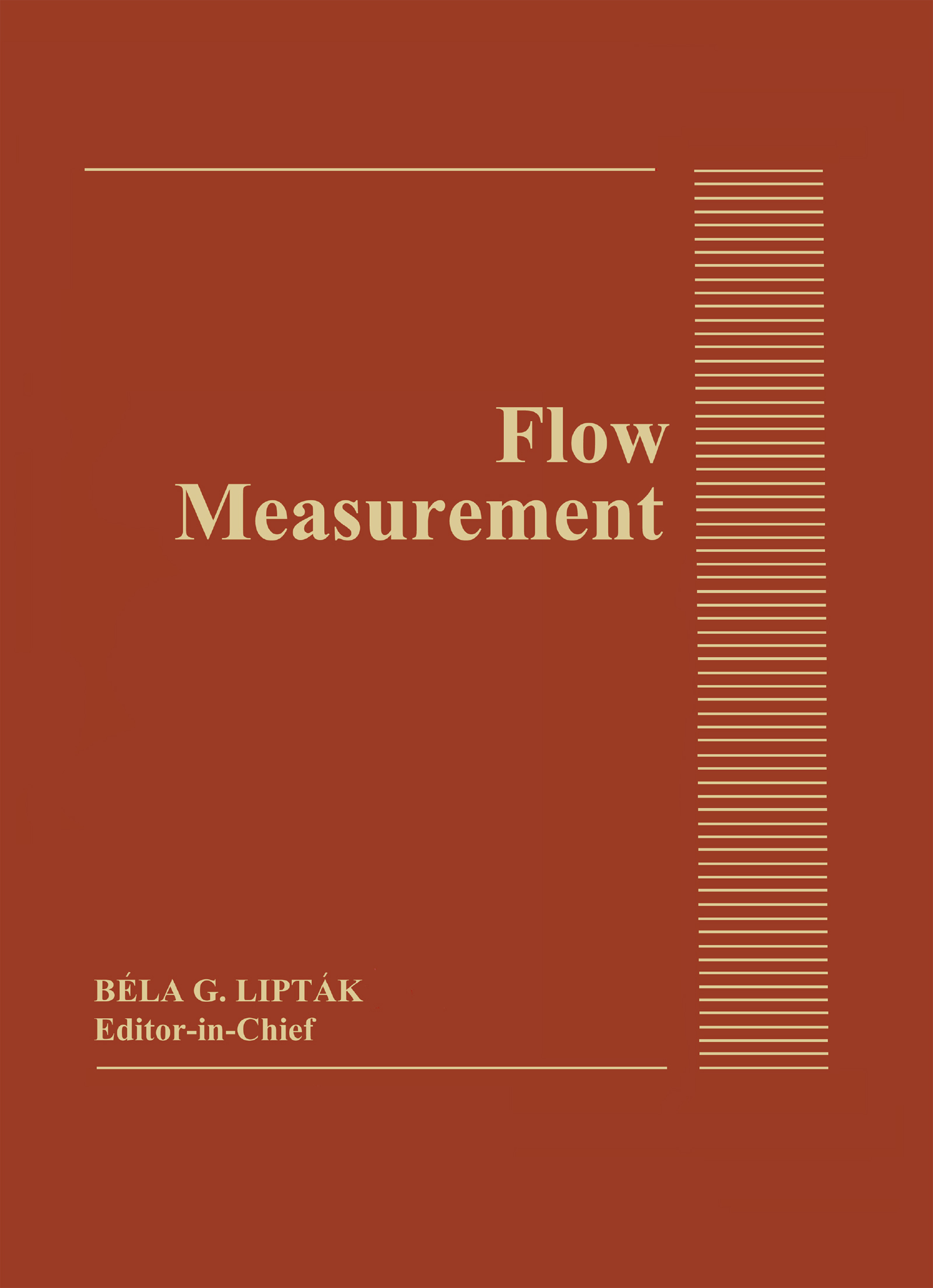
Flow Measurement Fully illustrated with diagrams, tables, and formulas, Flow Measurement covers virtually every type of flow meter in use today. Béla G. Lipták speaks on Post-Oil Energy Technology on the AT&T Tech Channel. TECHNOLOGY & ENGINEERING,Electrical
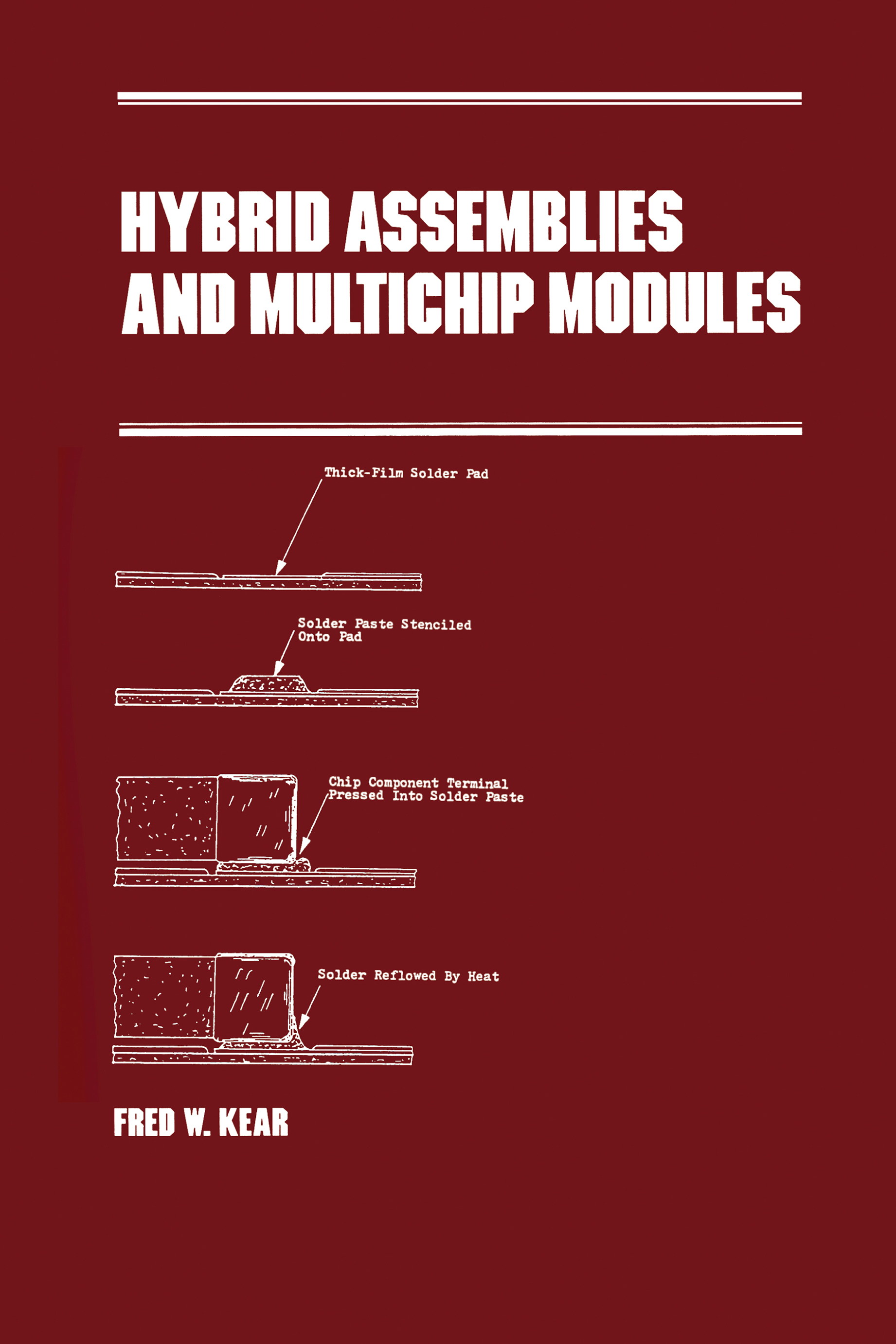
Hybrid Assemblies and Multichip Modules Providing a description of design considerations from the user's viewpoint, this detailed reference discusses the materials used in manufacturing hybrid assemblies and multichip modules - illustrating how these products are created for a wide range of applications.;Examining the current state of hybrid assembly technology, Hybrid Assemblies and Multichip Modules: provides a thorough overview of substrate materials and metals used for conductors, addressing multilayer materials and overglazes; explicates design considerations such as circuit layout, component placement, thermal management and interface problems; clarifies the manufacturing techniques used for multi-layer thick-film circuits and multilayer substrates; and explains soldering and other attachment methods for discrete components.;Focusing primarily on electronic assemblies that use ceramic substrates, Hybrid Assemblies and Multichip Modules should serve as a comprehensive resource for manufacturing, electrical and electronics, and automotive engineers; manufacturing managers; hybrid assembly designers; hybrid assembly users; printed circuit designers, fabricators and users; and graduate-level students in manufacturing engineering and electronic packaging courses. TECHNOLOGY & ENGINEERING,Electrical
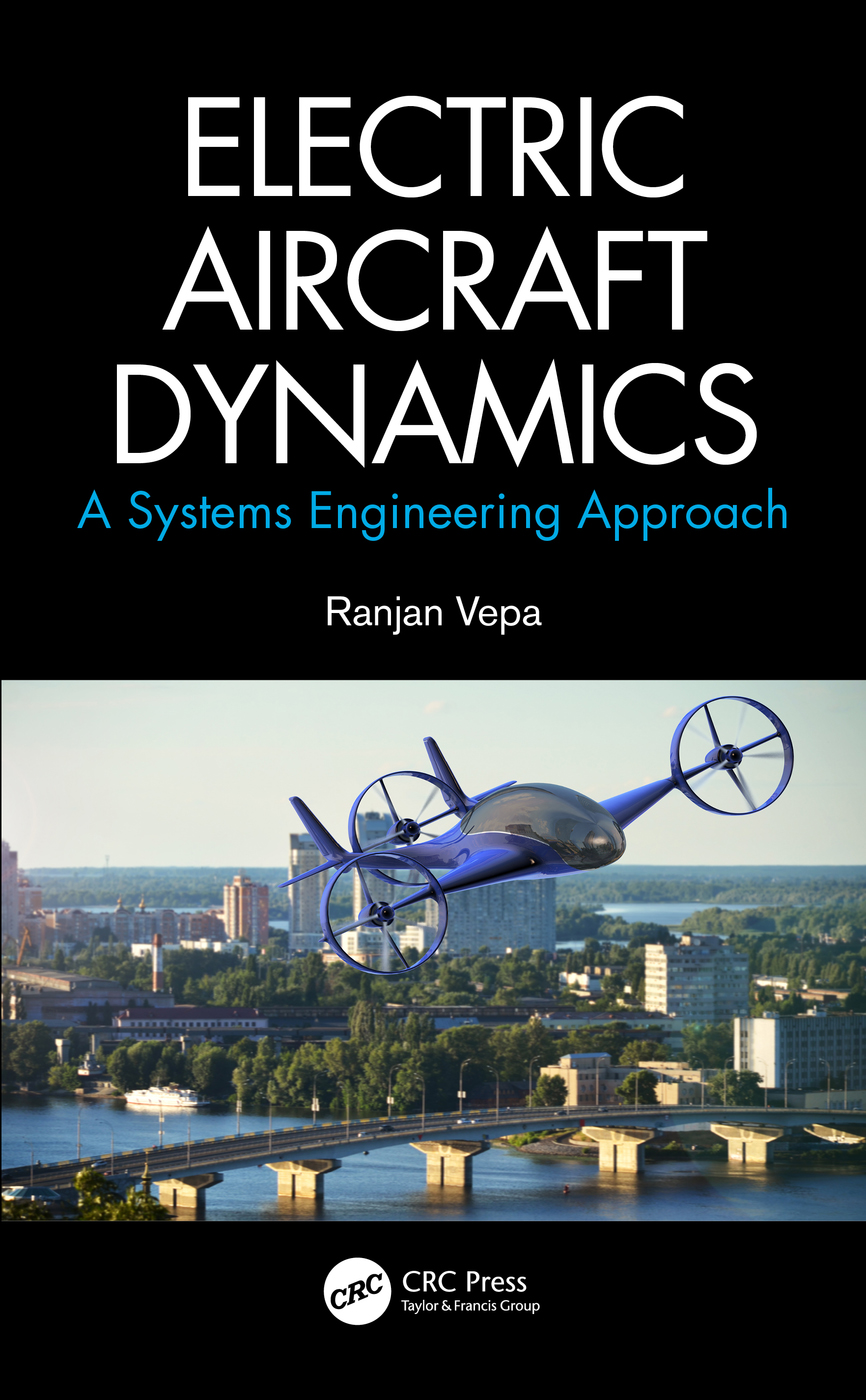
Electric Aircraft Dynamics Electric Aircraft Dynamics: A Systems Engineering Approach surveys engineering sciences that underpin the dynamics, control, monitoring, and design of electric propulsion systems for aircraft. It is structured to appeal to readers with a science and engineering background and is modular in format. The closely linked chapters present descriptive material and relevant mathematical modeling techniques. Taken as a whole, this ground-breaking text equips professional and student readers with a solid foundation for advanced work in this emerging field. Key Features: Provides the first systems-based overview of this emerging aerospace technology Surveys low-weight battery technologies and their use in electric aircraft propulsion Explores the design and use of plasma actuation for boundary layer and flow control Considers the integrated design of electric motor-driven propellers Includes PowerPoint slides for instructors using the text for classes Dr. Ranjan Vepa earned his PhD in applied mechanics from Stanford University, California. He currently serves as a lecturer in the School of Engineering and Material Science, Queen Mary University of London, where he has also been the programme director of the Avionics Programme since 2001. Dr. Vepa is a member of the Royal Aeronautical Society, London; the Institution of Electrical and Electronic Engineers (IEEE), New York; a Fellow of the Higher Education Academy; a member of the Royal Institute of Navigation, London; and a chartered engineer. TECHNOLOGY & ENGINEERING,Electrical

Nonlinear Optics of Organic Molecules and Polymers The field of nonlinear optics emerged three decades ago with the development of the first operating laser and the demonstration of frequency doubling phenomena. These milestone discoveries not only generated much interest in laser science, but also set the stage for future work on nonlinear optics. This book presents an excellent overview of the exciting new advances in nonlinear optical (NLO) materials and their applications in emerging photonics technologies. It is the first reference source available to cover every NLO material published through 1995. All theoretical approaches, measurement techniques, materials, technologies, and applications are covered. With more than 1,800 bibliographic citations, 324 figures, 218 tables, and 812 equations, this book is an invaluable reference source for graduate and undergraduate students, researchers, scientists and engineers working in academia and industries in chemistry, solid-state physics, materials science, optical and polymer engineering, and computational science. TECHNOLOGY & ENGINEERING,Electrical

Influence of Temperature on Microelectronics and System Reliability This book raises the level of understanding of thermal design criteria. It provides the design team with sufficient knowledge to help them evaluate device architecture trade-offs and the effects of operating temperatures. The author provides readers a sound scientific basis for system operation at realistic steady state temperatures without reliability penalties. Higher temperature performance than is commonly recommended is shown to be cost effective in production for life cycle costs. The microelectronic package considered in the book is assumed to consist of a semiconductor device with first-level interconnects that may be wirebonds, flip-chip, or tape automated bonds; die attach; substrate; substrate attach; case; lid; lid seal; and lead seal. The temperature effects on electrical parameters of both bipolar and MOSFET devices are discussed, and models quantifying the temperature effects on package elements are identified. Temperature-related models have been used to derive derating criteria for determining the maximum and minimum allowable temperature stresses for a given microelectronic package architecture. The first chapter outlines problems with some of the current modeling strategies. The next two chapters present microelectronic device failure mechanisms in terms of their dependence on steady state temperature, temperature cycle, temperature gradient, and rate of change of temperature at the chip and package level. Physics-of-failure based models used to characterize these failure mechanisms are identified and the variabilities in temperature dependence of each of the failure mechanisms are characterized. Chapters 4 and 5 describe the effects of temperature on the performance characteristics of MOS and bipolar devices. Chapter 6 discusses using high-temperature stress screens, including burn-in, for high-reliability applications. The burn-in conditions used by some manufacturers are examined and a physics-of-failure approach is described. The TECHNOLOGY & ENGINEERING,Electrical

Advances in the Human Side of Service Engineering This book reports on cutting-edge research and best practices in developing innovative service systems. It covers issues concerning the suitability of a given system for human use, human services, and excellent human experiences. It explores a wide range of ways in which human factors in engineering, ergonomics, human–computer interaction (HCI), cognitive engineering, and many other disciplines can contribute to the design and management of service systems. It considers aspects related to cost effectiveness, ethics, and privacy, among others, and covers applications in many areas, from healthcare to education, transportation, and the economy. Based on the AHFE 2020 Virtual Conference on the Human Side of Service Engineering, held on July 16–20, 2020, the book provides readers with a comprehensive overview of current research and future challenges in the field of service engineering, together with practical insights into the development of innovative services for various kinds of organizations. TECHNOLOGY & ENGINEERING,Electrical
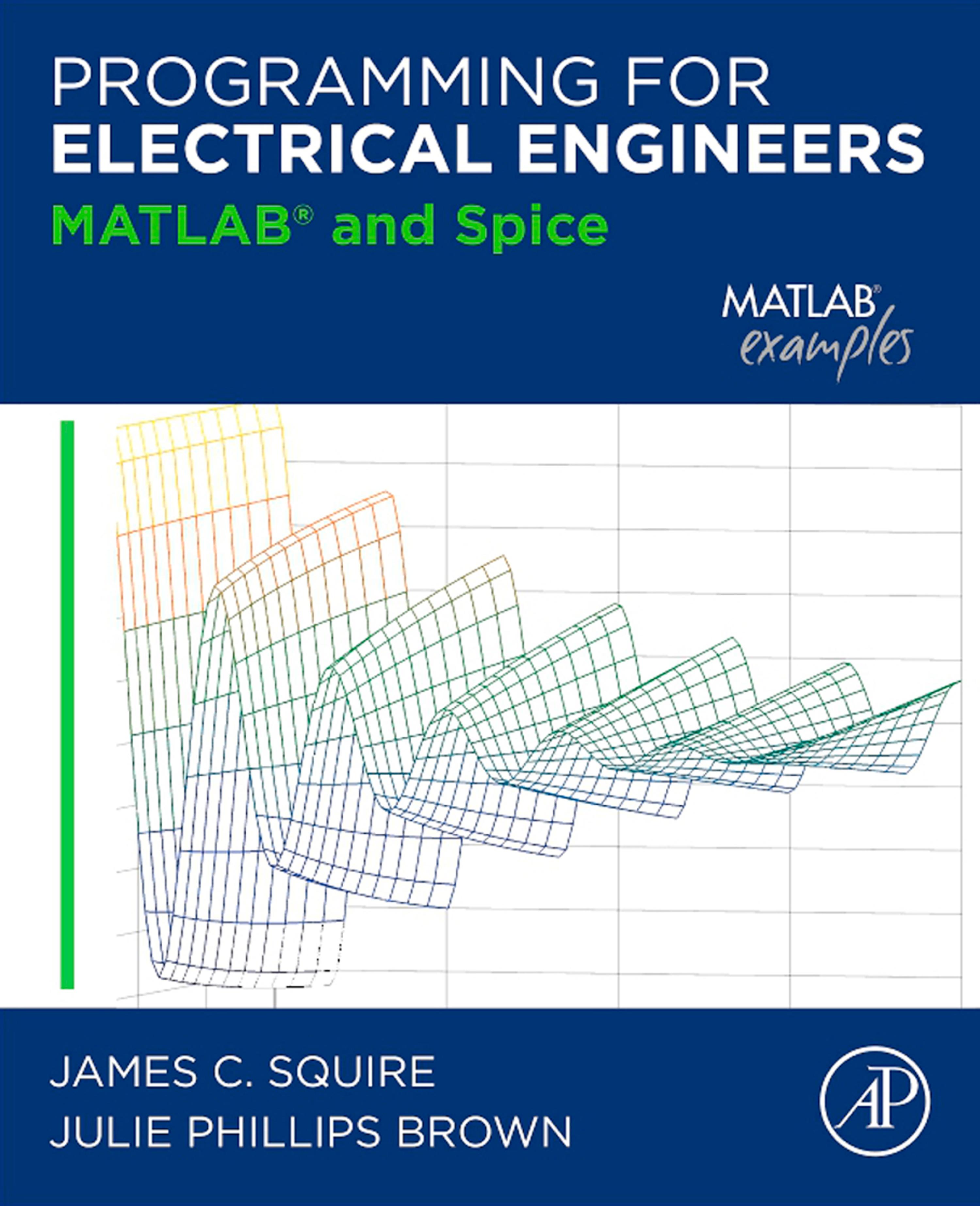
Programming for Electrical Engineers Programming for Electrical Engineers: MATLAB and Spice introduces beginning engineering students to programming in Matlab and Spice through engaged, problem-based learning and dedicated electrical and computer engineering content. The book draws its problems and examples specifically from electrical and computer engineering, covering such topics as circuit analysis, signal processing, and filter design. It teaches relevant computational techniques in the context of solving common problems in electrical and computer engineering, including mesh and nodal analysis, Fourier transforms, and phasor analysis. Programming for Electrical Engineers: MATLAB and Spice is unique among MATLAB textbooks for its dual focus on introductory-level learning and discipline-specific content in electrical and computer engineering. No other textbook on the market currently targets this audience with the same attention to discipline-specific content and engaged learning practices. Although it is primarily an introduction to programming in MATLAB, the book also has a chapter on circuit simulation using Spice, and it includes materials required by ABET Accreditation reviews, such as information on ethics, professional development, and lifelong learning. Discipline-specific: Introduces Electrical and Computer Engineering-specific topics, such as phasor analysis and complex exponentials, that are not covered in generic engineering Matlab texts Accessible: Pedagogically appropriate for freshmen and sophomores with little or no prior programming experience Scaffolded content: Addresses both script and functions but emphasizes the use of functions since scripts with non-scoped variables are less-commonly encountered after introductory courses Problem-centric: Introduces MATLAB commands as needed to solve progressively more complex EE/ECE-specific problems, and includes over 100 embedded, in-chapter questions to check comprehension in stages and support active learning exercises in the classroom Enrichment callouts: "Pro Tip" callouts cover common ABET topics, such as ethics and professional development, and "Digging Deeper" callouts provide optional, more detailed material for interested students TECHNOLOGY & ENGINEERING,Electrical
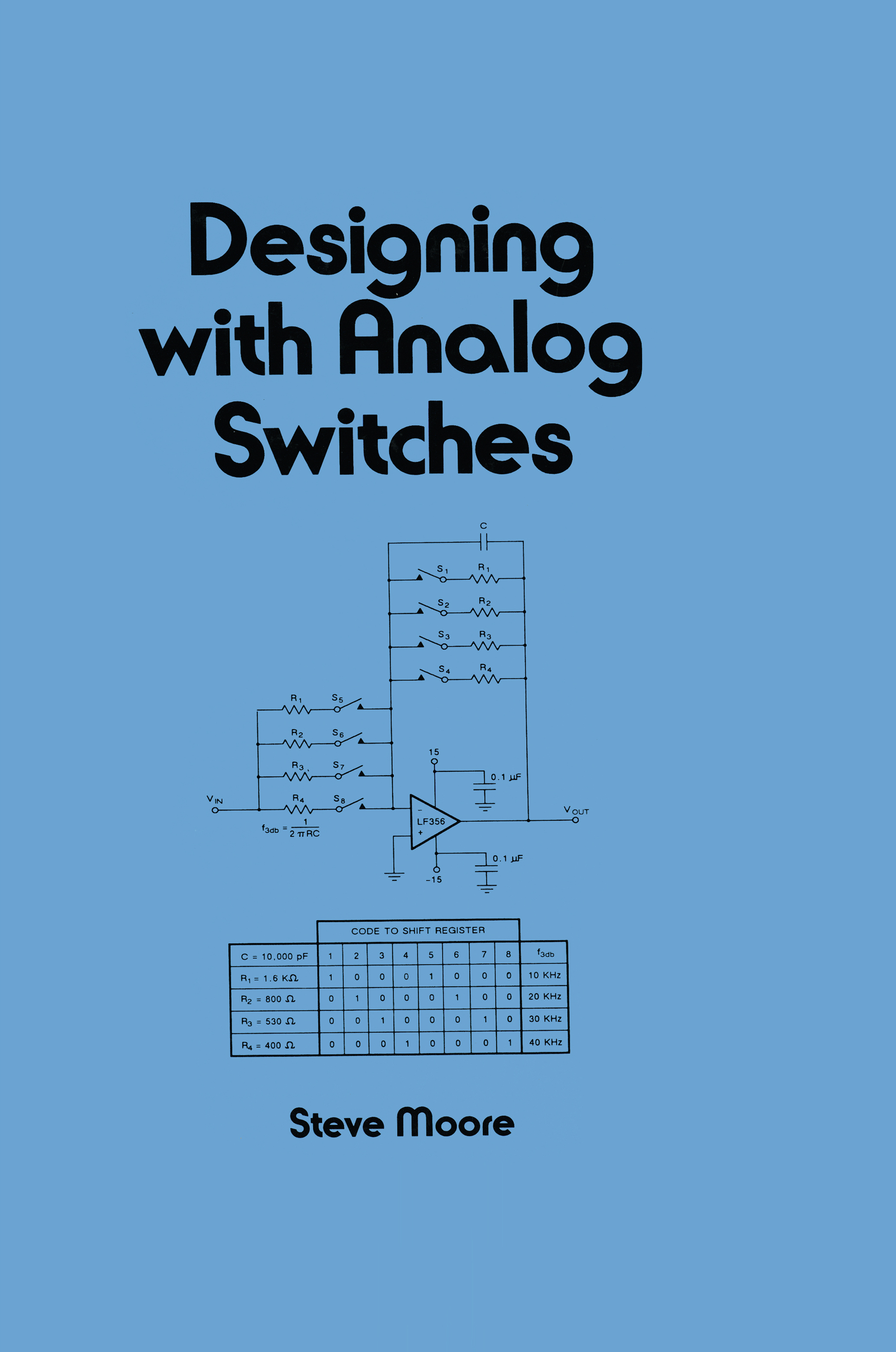
Designing with Analog Switches A practical guide for design engineers especially those involved with digital/analog interfaces to how analog switches and multiplexers work, how to design with them, and how to select the best device for a particular application. Circuit diagrams illustrate the best applications in terms of the sys TECHNOLOGY & ENGINEERING,Electrical
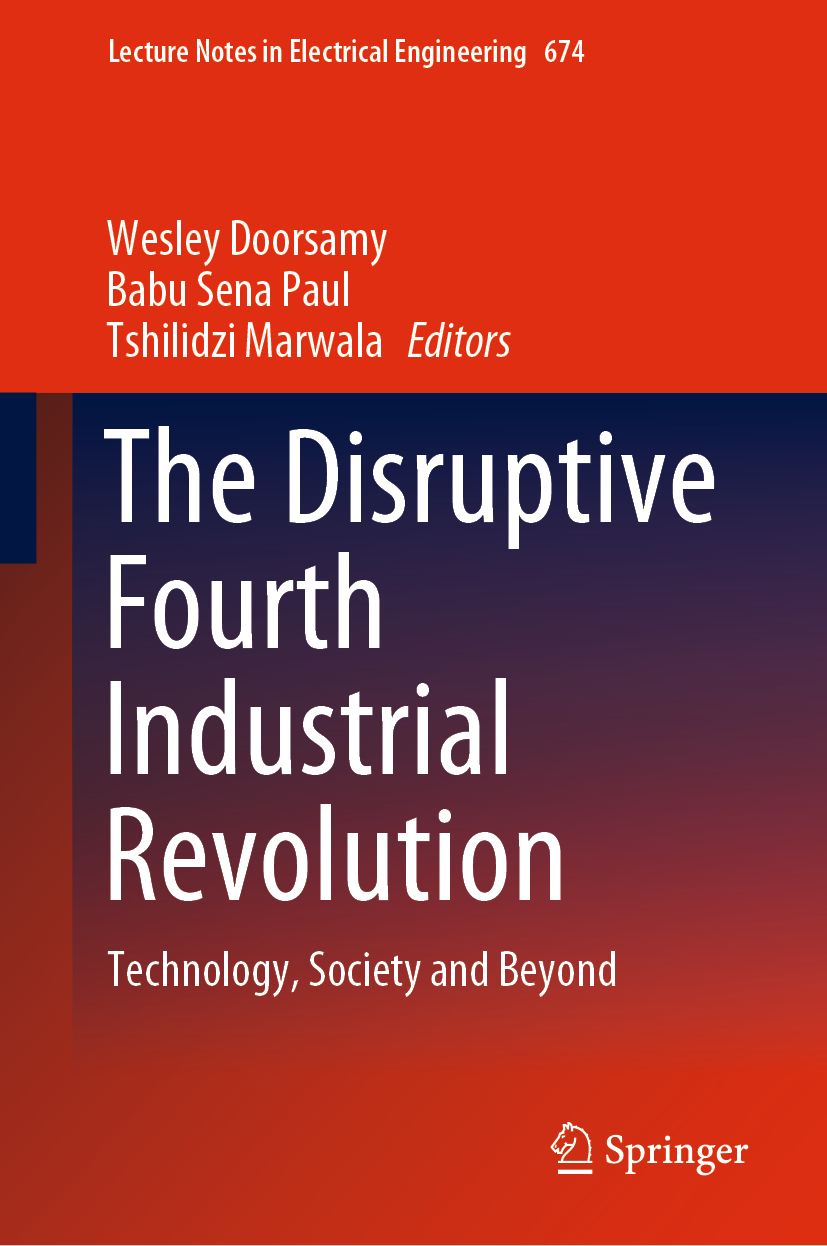
The Disruptive Fourth Industrial Revolution The book explores technological advances in the fourth industrial revolution (4IR), which is based on a variety of technologies such as artificial intelligence, Internet of Things, machine learning, big data, additive printing, cloud computing, and virtual and augmented reality. Critically analyzing the impacts and effects of these disruptive technologies on various areas, including economics, society, business, government, labor, law, and environment, the book also provides a broad overview of 4IR, with a focus on technologies, to allow readers to gain a deeper understanding of the recent advances and future trajectories. It is intended for researchers, practitioners, policy-makers and industry leaders. TECHNOLOGY & ENGINEERING,Electrical

The Designer’s Guide to Spice and Spectre® Engineering productivity in integrated circuit product design and - velopment today is limited largely by the effectiveness of the CAD tools used. For those domains of product design that are highly dependent on transistor-level circuit design and optimization, such as high-speed logic and memory, mixed-signal analog-digital int- faces, RF functions, power integrated circuits, and so forth, circuit simulation is perhaps the single most important tool. As the complexity and performance of integrated electronic systems has increased with scaling of technology feature size, the capabilities and sophistication of the underlying circuit simulation tools have correspondingly increased. The absolute size of circuits requiring transistor-level simulation has increased dramatically, creating not only problems of computing power resources but also problems of task organization, complexity management, output representation, initial condition setup, and so forth. Also, as circuits of more c- plexity and mixed types of functionality are attacked with simu- tion, the spread between time constants or event time scales within the circuit has tended to become wider, requiring new strategies in simulators to deal with large time constant spreads. TECHNOLOGY & ENGINEERING,Electronics,Circuits,General
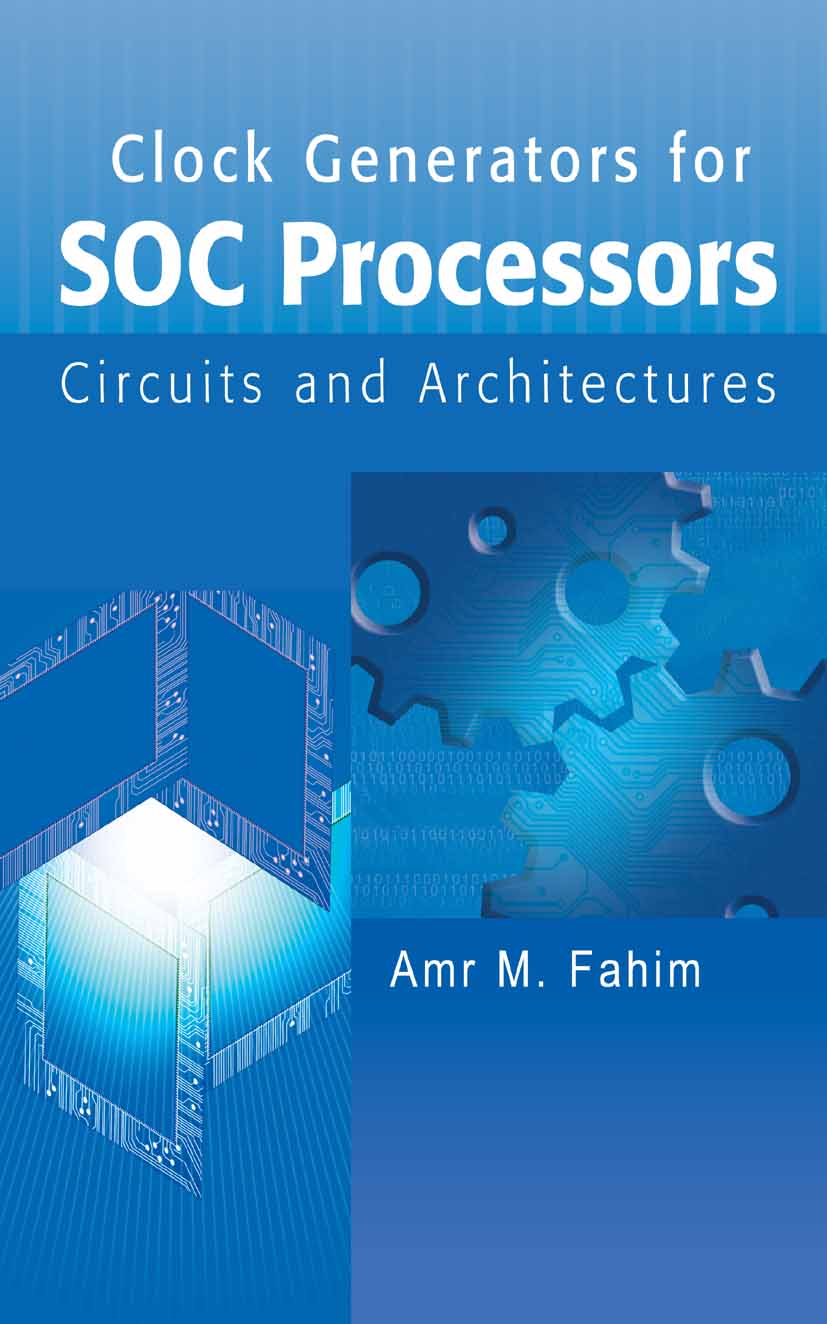
Clock Generators for SOC Processors This book examines the issue of design of fully integrated frequency synthesizers suitable for system-on-a-chip (SOC) processors. This book takes a more global design perspective in jointly examining the design space at the circuit level as well as at the architectural level. The coverage of the book is comprehensive and includes summary chapters on circuit theory as well as feedback control theory relevant to the operation of phase locked loops (PLLs). On the circuit level, the discussion includes low-voltage analog design in deep submicron digital CMOS processes, effects of supply noise, substrate noise, as well device noise. On the architectural level, the discussion includes PLL analysis using continuous-time as well as discre- time models, linear and nonlinear effects of PLL performance, and detailed analysis of locking behavior. The material then develops into detailed circuit and architectural analysis of specific clock generation blocks. This includes circuits and architectures of PLLs with high power supply noise immunity and digital PLL architectures where the loop filter is digitized. Methods of generating low-spurious sampling clocks for discrete-time analog blocks are then examined. This includes sigma-delta fractional-N PLLs, Direct Digital Synthesis (DDS) techniques and non-conventional uses of PLLs. Design for test (DFT) issues as they arise in PLLs are then discussed. This includes methods of accurately measuring jitter and built-in-self-test (BIST) techniques for PLLs. TECHNOLOGY & ENGINEERING,Electronics,Circuits,General
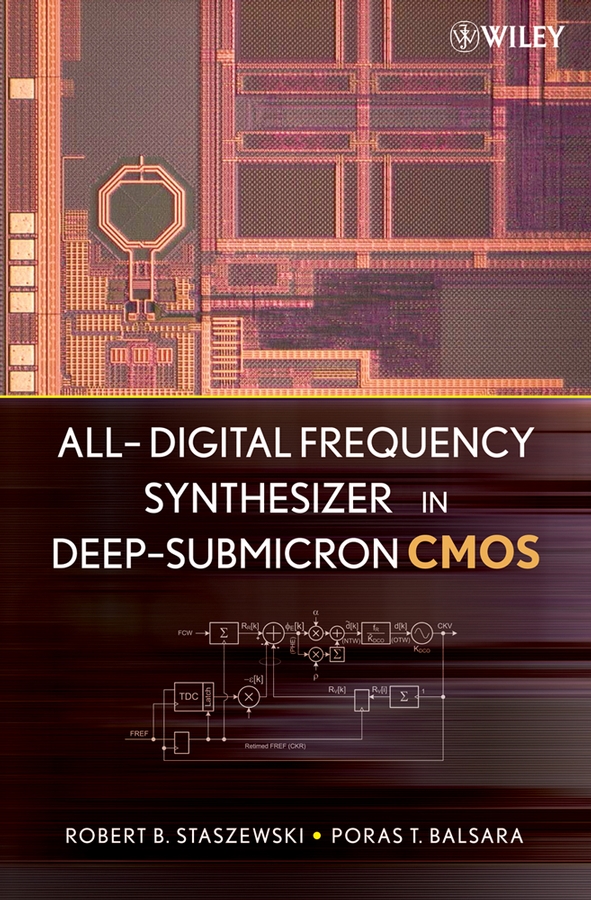
All-Digital Frequency Synthesizer in Deep-Submicron CMOS A new and innovative paradigm for RF frequency synthesis and wireless transmitter design Learn the techniques for designing and implementing an all-digital RF frequency synthesizer. In contrast to traditional RF techniques, this innovative book sets forth digitally intensive design techniques that lead the way to the development of low-cost, low-power, and highly integrated circuits for RF functions in deep submicron CMOS processes. Furthermore, the authors demonstrate how the architecture enables readers to integrate an RF front-end with the digital back-end onto a single silicon die using standard ASIC design flow. Taking a bottom-up approach that progressively builds skills and knowledge, the book begins with an introduction to basic concepts of frequency synthesis and then guides the reader through an all-digital RF frequency synthesizer design: Chapter 2 presents a digitally controlled oscillator (DCO), which is the foundation of a novel architecture, and introduces a time-domain model used for analysis and VHDL simulation Chapter 3 adds a hierarchical layer of arithmetic abstraction to the DCO that makes it easier to operate algorithmically Chapter 4 builds a phase correction mechanism around the DCO such that the system's frequency drift or wander performance matches that of the stable external frequency reference Chapter 5 presents an application of the all-digital RF synthesizer Chapter 6 describes the behavioral modeling and simulation methodology used in design The final chapter presents the implementation of a full transmitter and experimental results. The novel ideas presented here have been implemented and proven in two high-volume, commercial single-chip radios developed at Texas Instruments: Bluetooth and GSM. While the focus of the book is on RF frequency synthesizer design, the techniques can be applied to the design of other digitally assisted analog circuits as well. This book is a must-read for students and engineers who want to learn a new paradigm for RF frequency synthesis and wireless transmitter design using digitally intensive design techniques. TECHNOLOGY & ENGINEERING,Electronics,Circuits,General

Electronic Technology Handbook Cutting edge electronics technology demystified Anyone with a basic technical background can gain a fast understanding of electronics technology with the easy-to-read Electronics Technology Handbook. Electronic engineering newcomers will find this a one-step, non-mathematical resource for clear explanations of electronics technology essentials--from AC theory and generation to wireless communications and microprocessors. Encyclopedic coverage supported with hundreds of concept-clarifying illustrations shows you exactly how contemporary electronic devices and systems work and interact. You'll quickly discover the principles at the heart of such widely used technologies as transistors; integrated circuits; television; ATM machines; cell phones; bar-code readers; sensors; robotics; satellites; electron microscopes; process control; radar; global positioning system; night vision systems; and much more. TECHNOLOGY & ENGINEERING,Electronics,Circuits,General
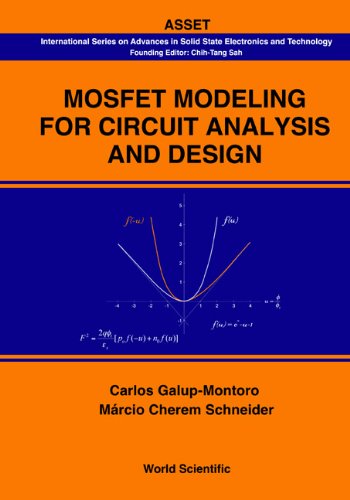
Mosfet Modeling For Circuit Analysis And Design This is the first book dedicated to the next generation of MOSFET models. Addressed to circuit designers with an in-depth treatment that appeals to device specialists, the book presents a fresh view of compact modeling, having completely abandoned the regional modeling approach.Both an overview of the basic physics theory required to build compact MOSFET models and a unified treatment of inversion-charge and surface-potential models are provided. The needs of digital, analog and RF designers as regards the availability of simple equations for circuit designs are taken into account. Compact expressions for hand analysis or for automatic synthesis, valid in all operating regions, are presented throughout the book. All the main expressions for computer simulation used in the new generation compact models are derived.Since designers in advanced technologies are increasingly concerned with fluctuations, the modeling of fluctuations is strongly emphasized. A unified approach for both space (matching) and time (noise) fluctuations is introduced. TECHNOLOGY & ENGINEERING,Electronics,Circuits,General
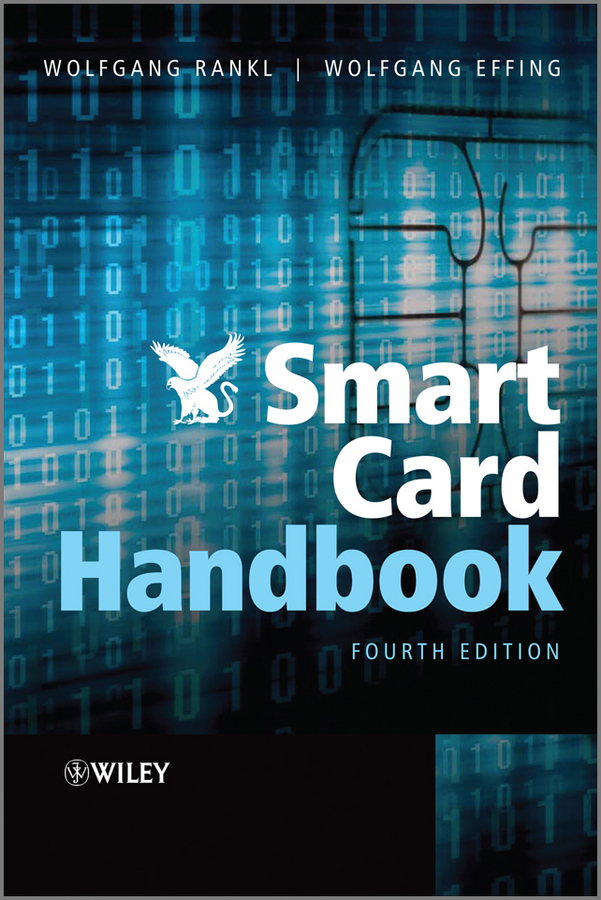
Smart Card Handbook The most comprehensive book on state-of-the-art smart card technology available Updated with new international standards and specifications, this essential fourth edition now covers all aspects of smart card in a completely revised structure. Its enlarged coverage now includes smart cards for passports and ID cards, health care cards, smart cards for public transport, and Java Card 3.0. New sub-chapters cover near field communication (NFC), single wire protocol (SWP), and multi megabyte smart cards (microcontroller with NAND-Flash). There are also extensive revisions to chapters on smart card production, the security of smart cards (including coverage of new attacks and protection methods), and contactless card data transmission (ISO/IEC 10536, ISO/IEC 14443, ISO/IEC 15693). This edition also features: additional views to the future development of smart cards, such as USB, MMU, SWP, HCI, Flash memory and their usage; new internet technologies for smart cards; smart card web server, HTTP-Protocol, TCP/IP, SSL/TSL; integration of the new flash-based microcontrollers for smart cards (until now the usual ROM-based microcontrollers), and; a completely revised glossary with explanations of all important smart card subjects (600 glossary terms). Smart Card Handbook is firmly established as the definitive reference to every aspect of smart card technology, proving an invaluable resource for security systems development engineers. Professionals and microchip designers working in the smart card industry will continue to benefit from this essential guide. This book is also ideal for newcomers to the field. The Fraunhofer Smart Card Award was presented to the authors for the Smart Card Handbook, Third Edition in 2008. TECHNOLOGY & ENGINEERING,Electronics,Circuits,General
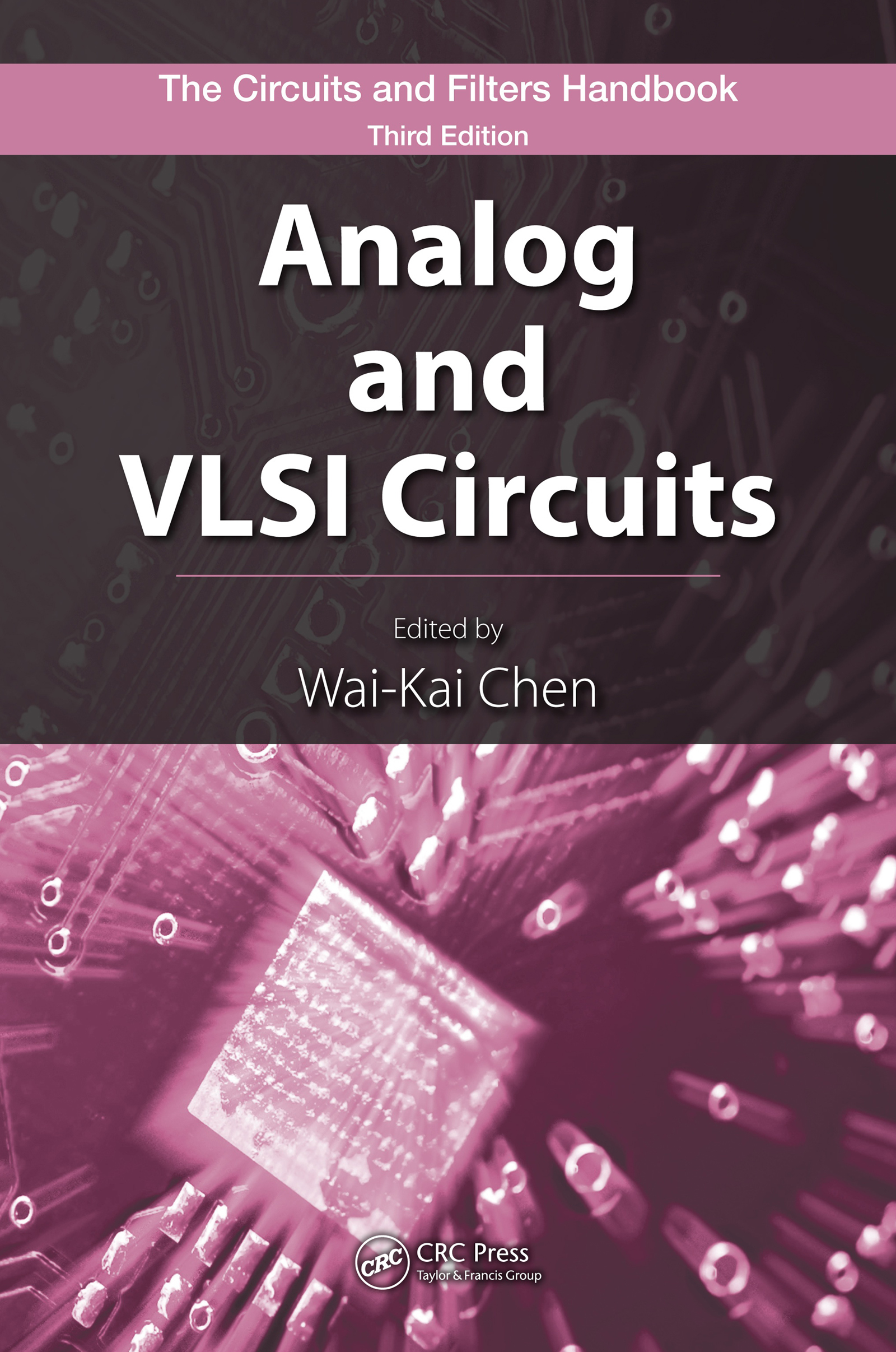
Analog and VLSI Circuits Featuring hundreds of illustrations and references, this volume in the third edition of the Circuits and Filters Handbook, provides the latest information on analog and VLSI circuits, omitting extensive theory and proofs in favor of numerous examples throughout each chapter. The first part of the text focuses on analog integrated circuits, presenting up-to-date knowledge on monolithic device models, analog circuit cells, high performance analog circuits, RF communication circuits, and PLL circuits. In the second half of the book, well-known contributors offer the latest findings on VLSI circuits, including digital systems, data converters, and systolic arrays. TECHNOLOGY & ENGINEERING,Electronics,Circuits,General
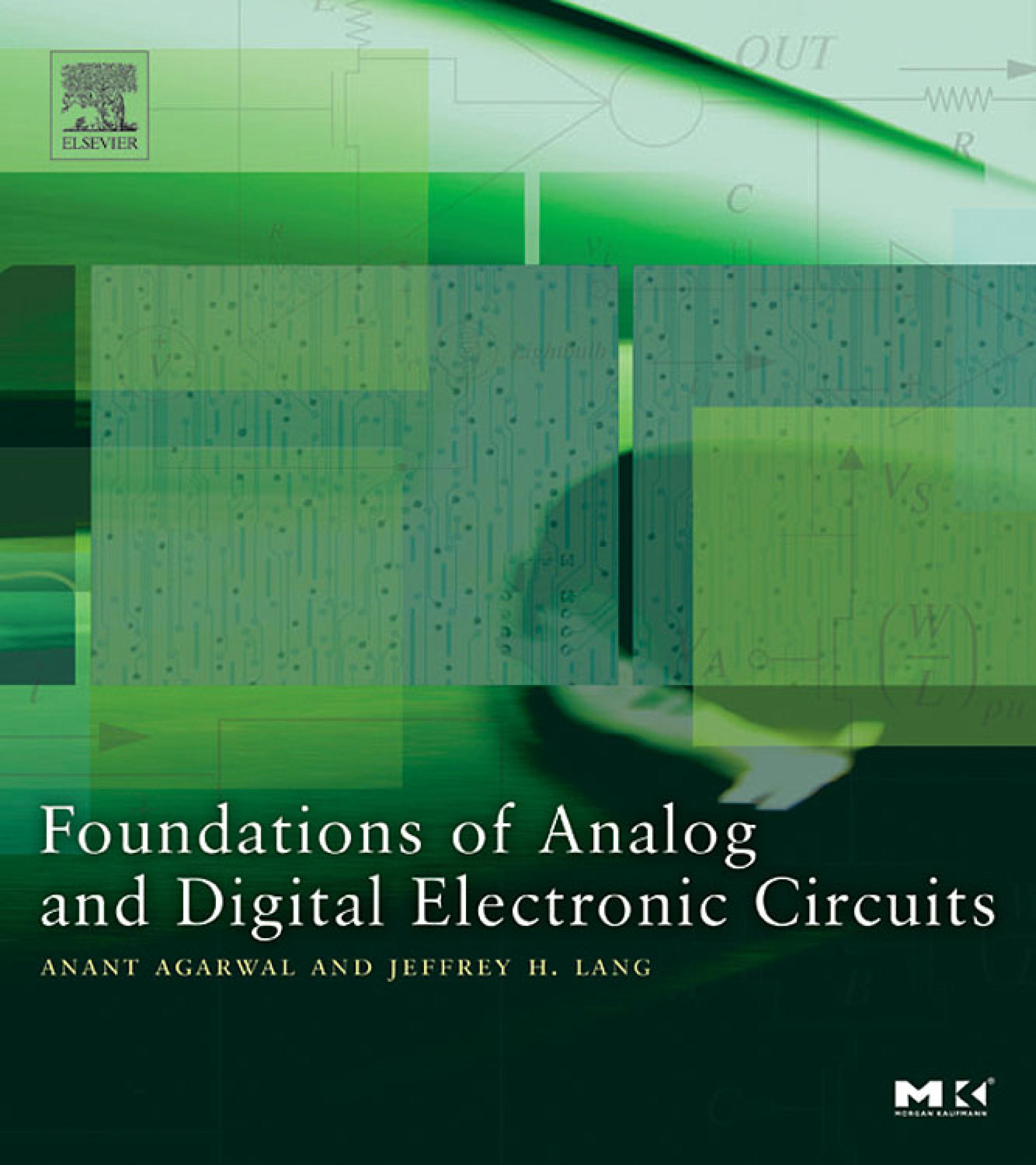
Foundations of Analog and Digital Electronic Circuits Unlike books currently on the market, this book attempts to satisfy two goals: combine circuits and electronics into a single, unified treatment, and establish a strong connection with the contemporary world of digital systems. It will introduce a new way of looking not only at the treatment of circuits, but also at the treatment of introductory coursework in engineering in general. Using the concept of ''abstraction,'' the book attempts to form a bridge between the world of physics and the world of large computer systems. In particular, it attempts to unify electrical engineering and computer science as the art of creating and exploiting successive abstractions to manage the complexity of building useful electrical systems. Computer systems are simply one type of electrical systems. +Balances circuits theory with practical digital electronics applications.+Illustrates concepts with real devices.+Supports the popular circuits and electronics course on the MIT OpenCourse Ware from which professionals worldwide study this new approach.+Written by two educators well known for their innovative teaching and research and their collaboration with industry.+Focuses on contemporary MOS technology. TECHNOLOGY & ENGINEERING,Electronics,Circuits,General

Advanced Kalman Filtering, Least-Squares and Modeling This book is intended primarily as a handbook for engineers who must design practical systems. Its primary goal is to discuss model development in sufficient detail so that the reader may design an estimator that meets all application requirements and is robust to modeling assumptions. Since it is sometimes difficult to a priori determine the best model structure, use of exploratory data analysis to define model structure is discussed. Methods for deciding on the “best†model are also presented. A second goal is to present little known extensions of least squares estimation or Kalman filtering that provide guidance on model structure and parameters, or make the estimator more robust to changes in real-world behavior. A third goal is discussion of implementation issues that make the estimator more accurate or efficient, or that make it flexible so that model alternatives can be easily compared. The fourth goal is to provide the designer/analyst with guidance in evaluating estimator performance and in determining/correcting problems. The final goal is to provide a subroutine library that simplifies implementation, and flexible general purpose high-level drivers that allow both easy analysis of alternative models and access to extensions of the basic filtering. Supplemental materials and up-to-date errata are downloadable at http://booksupport.wiley.com. TECHNOLOGY & ENGINEERING,Electronics,Circuits,General
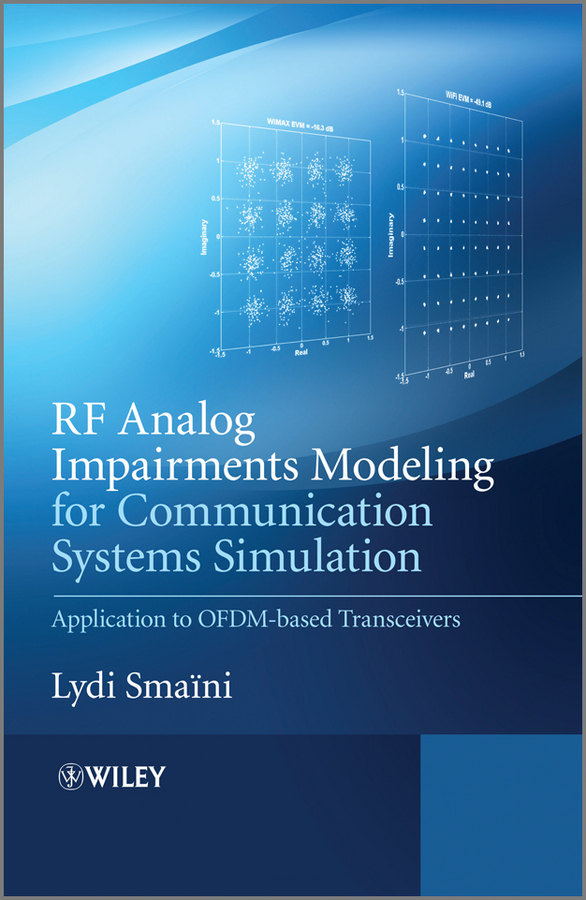
RF Analog Impairments Modeling for Communication Systems Simulation With the growing complexity of personal mobile communication systems demanding higher data-rates and high levels of integration using low-cost CMOS technology, overall system performance has become more sensitive to RF analog front-end impairments. Designing integrated transceivers requires a thorough understanding of the whole transceiver chain including RF analog front-end and digital baseband. Communication system engineers have to include RF analog imperfections in their simulation benches in order to study and quantify their impact on the system performance. Here the author explores key RF analog impairments in a transceiver and demonstrates how to model their impact from a communication system design view-point. He discusses the design aspects of the front end of transceivers (both receivers and transmitters) and provides the reader with a way to optimize a complex mixed-signal platform by taking into account the characteristics of the RF/analog front-end. Key features of this book include: Practical examples illustrated by system simulation results based on WiFi and mobile WiMAX OFDM transceivers An overview of the digital estimation and compensation of the RF analog impairments such as power amplifier distortion, quadrature imbalance, and carrier and sampling frequency offsets An exposition of the challenges involved in the design of both RF analog circuits and DSP communication circuits in deep submicron CMOS technology MATLAB® codes for RF analog impairments models hosted on the companion website Uniquely the book bridges the gap between RFIC design specification needs and communication systems simulation, offering readers RF analog impairments modeling knowledge and a comprehensive approach to unifying theory and practice in system modelling. It is of great value to communication systems and DSP engineers and graduate students who design communication processing engines, RF/analog systems and IC design engineers involved in the design of communication platforms. TECHNOLOGY & ENGINEERING,Electronics,Circuits,General
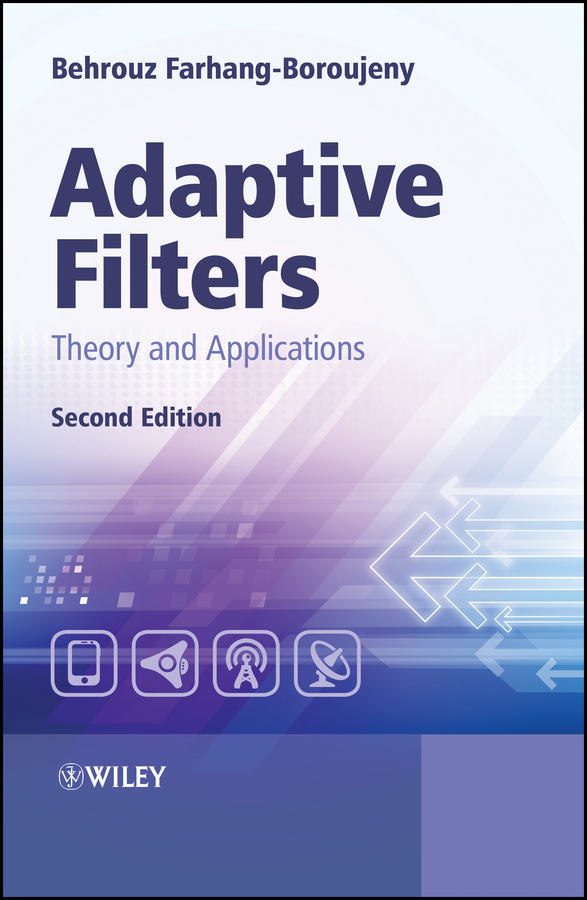
Adaptive Filters This second edition of Adaptive Filters: Theory and Applications has been updated throughout to reflect the latest developments in this field; notably an increased coverage given to the practical applications of the theory to illustrate the much broader range of adaptive filters applications developed in recent years. The book offers an easy to understand approach to the theory and application of adaptive filters by clearly illustrating how the theory explained in the early chapters of the book is modified for the various applications discussed in detail in later chapters. This integrated approach makes the book a valuable resource for graduate students; and the inclusion of more advanced applications including antenna arrays and wireless communications makes it a suitable technical reference for engineers, practitioners and researchers. Key features: • Offers a thorough treatment of the theory of adaptive signal processing; incorporating new material on transform domain, frequency domain, subband adaptive filters, acoustic echo cancellation and active noise control. • Provides an in-depth study of applications which now includes extensive coverage of OFDM, MIMO and smart antennas. • Contains exercises and computer simulation problems at the end of each chapter. • Includes a new companion website hosting MATLAB® simulation programs which complement the theoretical analyses, enabling the reader to gain an in-depth understanding of the behaviours and properties of the various adaptive algorithms. TECHNOLOGY & ENGINEERING,Electronics,Circuits,General
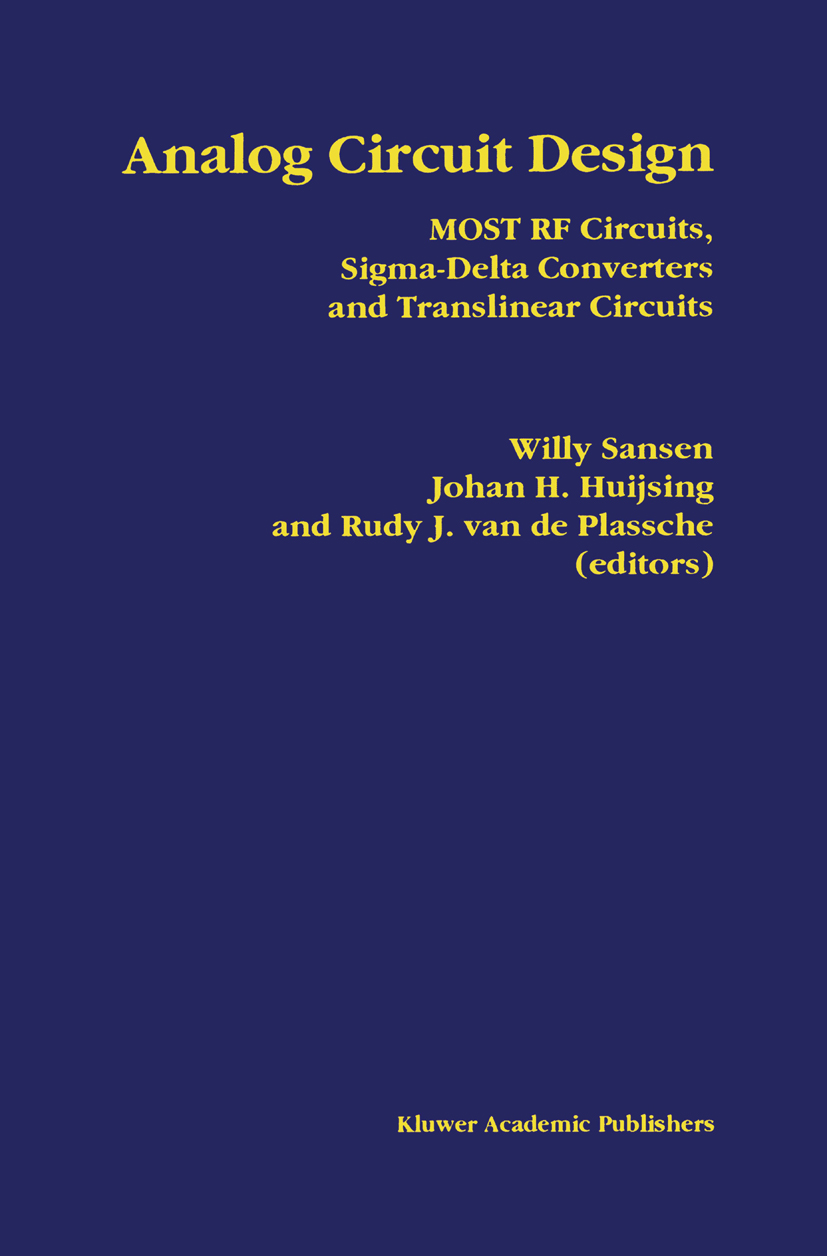
Analog Circuit Design This book contains the revised contributions of all the speakers of the fifth AACD Workshop which was held in Lausanne on April 2-4, 1996. It was organized by Dr Vlado Valence of the EPFL University and MEAD of Lausanne. The program consisted of six tutorials per day during three days. The tutorials were presented by experts in the field. They were selected by a program committee consisting of Prof. Willy Sansen of the Katholieke Universiteit Leuven, Prof. Rudy van de Plassche of Philips Research and the University of Technology Eindhoven and Prof. 10han Huijsing of the Delft University of Technology. The three topics mentioned above have been selected because of their importance in present days analog design. The other topics that have been discussed before are: in 1992 : Operational amplifiers Analog to digital convereters Analog computer aided design in 1993 : Mixed AID cicuit design Sensor interface circuits Communication circuits in 1994 : Low-power low-voltage design Integrated filters Smart power circuits in 1995 : Low-noise, low-power, low-voltage design Mixed-mode design with CAD tools Voltage, current and time references Each AACD workhop has given rise to the publication of a book by Kluwer entitled "Analog Circuit Design". This is thus the fifth book. This series of books provides a valuable overview of all analog circuit design techniques and achievements. It is a reference for whoever is engaged in this discipline. TECHNOLOGY & ENGINEERING,Electronics,Circuits,General
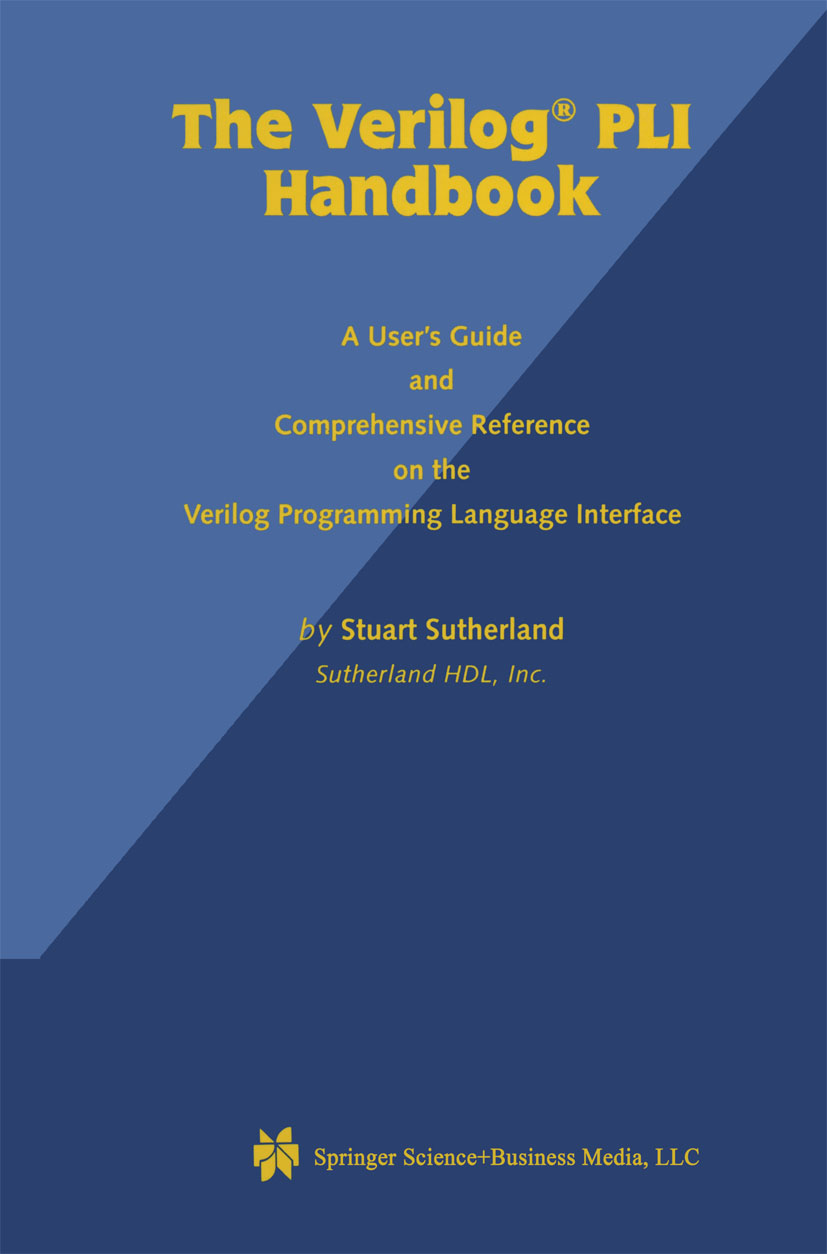
The Verilog PLI Handbook by Maq Mannan President and CEO, DSM Technologies Chairman of the IEEE 1364 Verilog Standards Group Past Chairman of Open Verilog International One of the major strengths of the Verilog language is the Programming Language Interface (PLI), which allows users and Verilog application developers to infinitely extend the capabilities of the Verilog language and the Verilog simulator. In fact, the overwhelming success of the Verilog language can be partly attributed to the exist ence of its PLI. Using the PLI, add-on products, such as graphical waveform displays or pre and post simulation analysis tools, can be easily developed. These products can then be used with any Verilog simulator that supports the Verilog PLI. This ability to create third party add-on products for Verilog simulators has created new markets and provided the Verilog user base with multiple sources of software tools. Hardware design engineers can, and should, use the Verilog PLI to customize their Verilog simulation environment. A Company that designs graphics chips, for exam ple, may wish to see the simulation results of a new design in some custom graphical display. The Verilog PLI makes it possible, and even trivial, to integrate custom soft ware, such as a graphical display program, into a Verilog simulator. The simulation results can then dynamically be displayed in the custom format during simulation. And, if the company uses Verilog simulators from mUltiple simulator vendors, this integrated graphical display will work with all the simulators. TECHNOLOGY & ENGINEERING,Electronics,Circuits,General
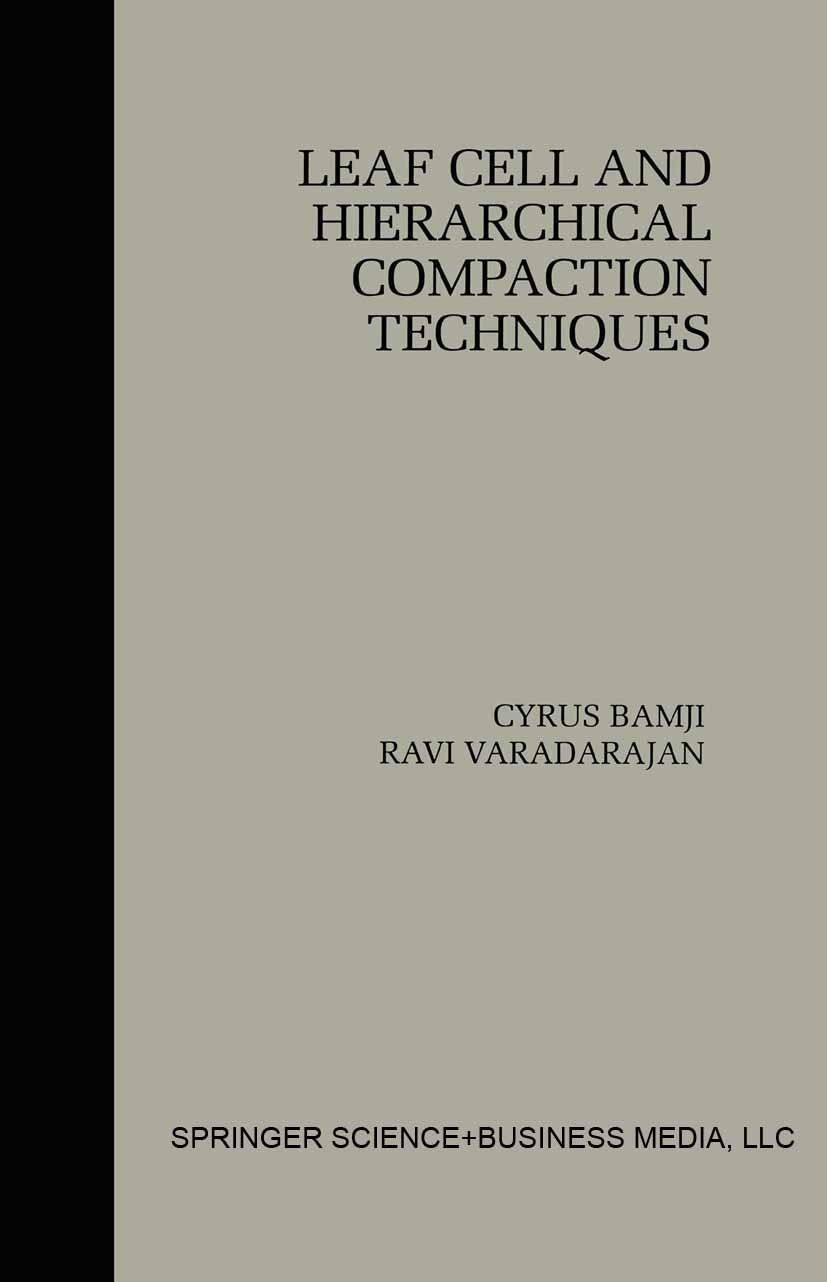
Leaf Cell and Hierarchical Compaction Techniques Leaf Cell and Hierarchical Compaction Techniques presents novel algorithms developed for the compaction of large layouts. These algorithms have been implemented as part of a system that has been used on many industrial designs. The focus of Leaf Cell and Hierarchical Compaction Techniques is three-fold. First, new ideas for compaction of leaf cells are presented. These cells can range from small transistor-level layouts to very large layouts generated by automatic Place and Route tools. Second, new approaches for hierarchical pitchmatching compaction are described and the concept of a Minimum Design is introduced. The system for hierarchical compaction is built on top of the leaf cell compaction engine and uses the algorithms implemented for leaf cell compaction in a modular fashion. Third, a new representation for designs called Virtual Interface, which allows for efficient topological specification and representation of hierarchical layouts, is outlined. The Virtual Interface representation binds all of the algorithms and their implementations for leaf and hierarchical compaction into an intuitive and easy-to-use system. From the Foreword: `...In this book, the authors provide a comprehensive approach to compaction based on carefully conceived abstractions. They describe the design of algorithms that provide true hierarchical compaction based on linear programming, but cut down the complexity of the computations through introduction of innovative representations that capture the provably minimum amount of required information needed for correct compaction. In most compaction algorithms, the complexity goes up with the number of design objects, but in this approach, complexity is due to the irregularity of the design, and hence is often tractable for most designs which incorporate substantial regularity. Here the reader will find an elegant treatment of the many challenges of compaction, and a clear conceptual focus that provides a unified approach to all aspects of the compaction task...' Jonathan Allen, Massachusetts Institute of Technology TECHNOLOGY & ENGINEERING,Electronics,Circuits,General
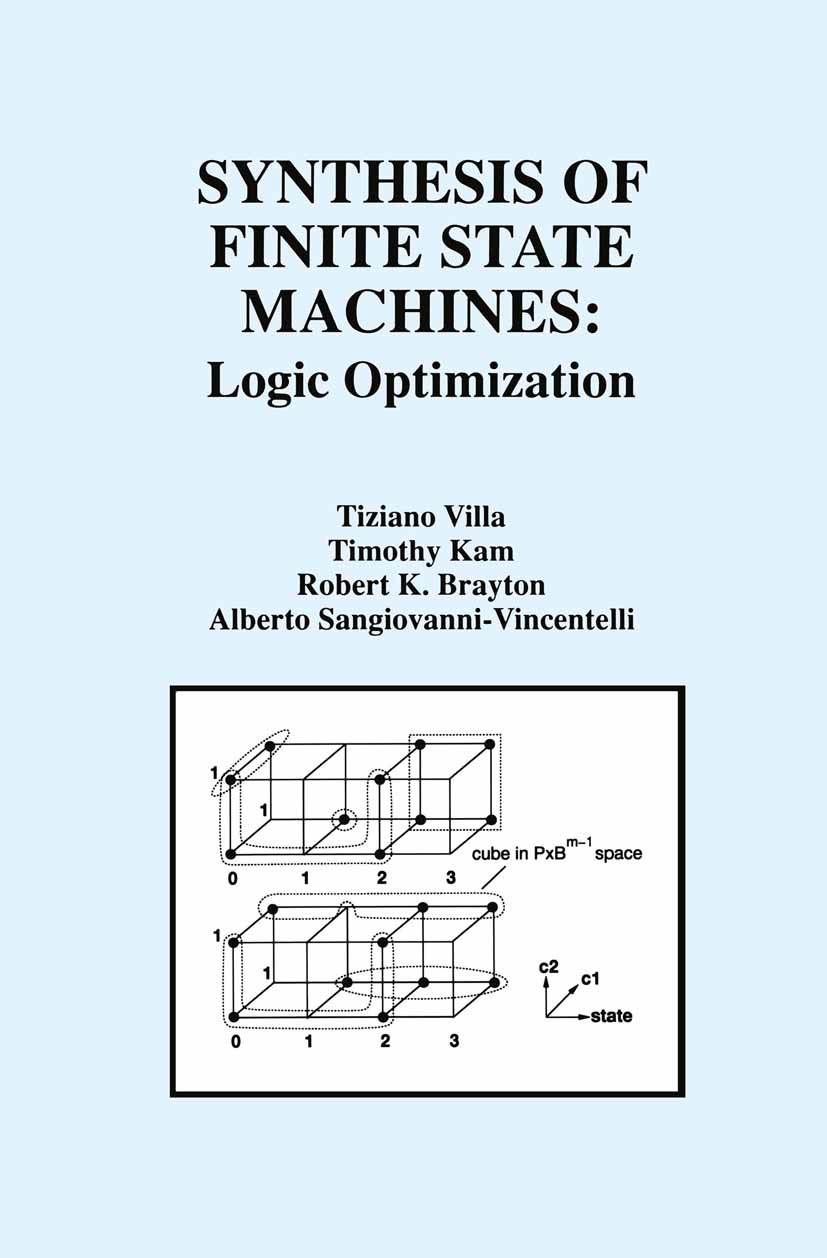
Synthesis of Finite State Machines Synthesis of Finite State Machines: Logic Optimization is the second in a set of two monographs devoted to the synthesis of Finite State Machines (FSMs). The first volume, Synthesis of Finite State Machines: Functional Optimization, addresses functional optimization, whereas this one addresses logic optimization. The result of functional optimization is a symbolic description of an FSM which represents a sequential function chosen from a collection of permissible candidates. Logic optimization is the body of techniques for converting a symbolic description of an FSM into a hardware implementation. The mapping of a given symbolic representation into a two-valued logic implementation is called state encoding (or state assignment) and it impacts heavily area, speed, testability and power consumption of the realized circuit. The first part of the book introduces the relevant background, presents results previously scattered in the literature on the computational complexity of encoding problems, and surveys in depth old and new approaches to encoding in logic synthesis. The second part of the book presents two main results about symbolic minimization; a new procedure to find minimal two-level symbolic covers, under face, dominance and disjunctive constraints, and a unified frame to check encodability of encoding constraints and find codes of minimum length that satisfy them. The third part of the book introduces generalized prime implicants (GPIs), which are the counterpart, in symbolic minimization of two-level logic, to prime implicants in two-valued two-level minimization. GPIs enable the design of an exact procedure for two-level symbolic minimization, based on a covering step which is complicated by the need to guarantee encodability of the final cover. A new efficient algorithm to verify encodability of a selected cover is presented. If a cover is not encodable, it is shown how to augment it minimally until an encodable superset of GPIs is determined. To handle encodability the authors have extended the frame to satisfy encoding constraints presented in the second part. The covering problems generated in the minimization of GPIs tend to be very large. Recently large covering problems have been attacked successfully by representing the covering table with binary decision diagrams (BDD). In the fourth part of the book the authors introduce such techniques and extend them to the case of the implicit minimization of GPIs, where the encodability and augmentation steps are also performed implicitly. Synthesis of Finite State Machines: Logic Optimization will be of interest to researchers and professional engineers who work in the area of computer-aided design of integrated circuits. TECHNOLOGY & ENGINEERING,Electronics,Circuits,General
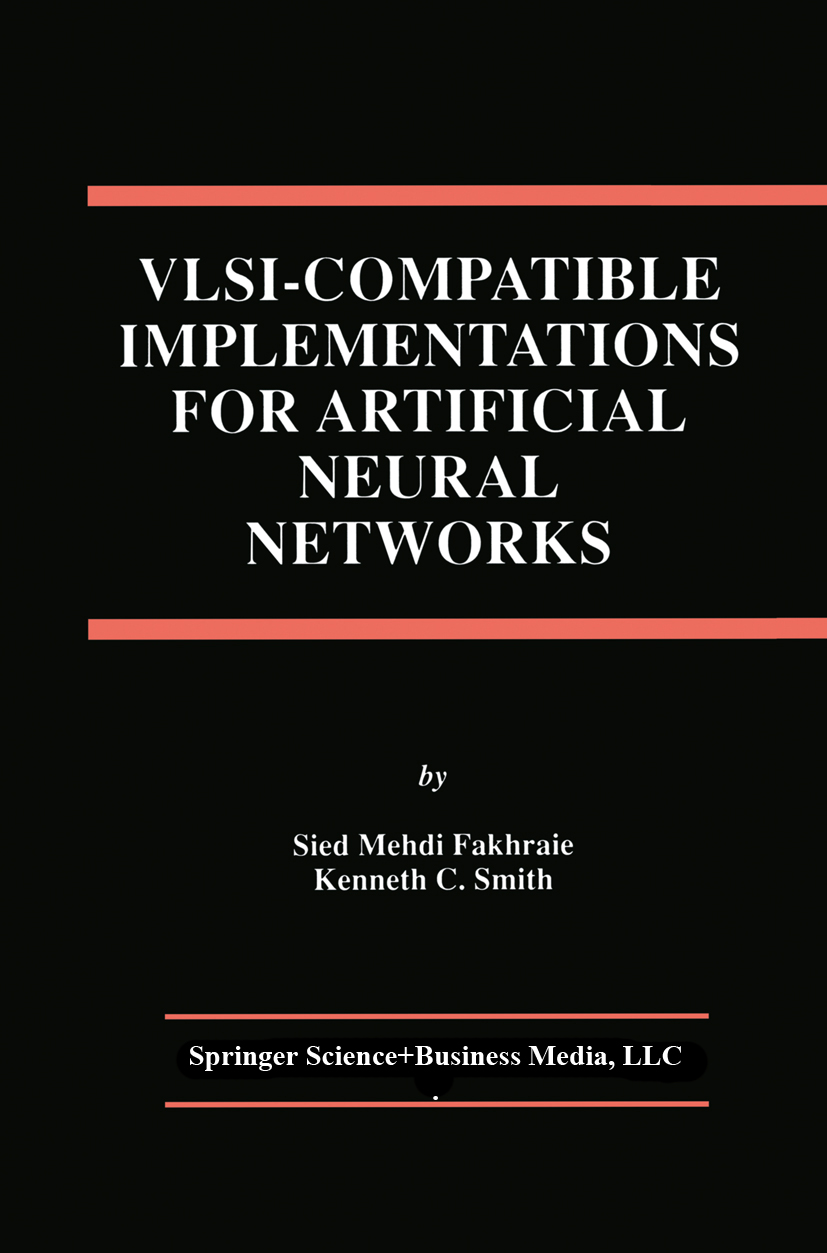
VLSI — Compatible Implementations for Artificial Neural Networks This book introduces several state-of-the-art VLSI implementations of artificial neural networks (ANNs). It reviews various hardware approaches to ANN implementations: analog, digital and pulse-coded. The analog approach is emphasized as the main one taken in the later chapters of the book. The area of VLSI implementation of ANNs has been progressing for the last 15 years, but not at the fast pace originally predicted. Several reasons have contributed to the slow progress, with the main one being that VLSI implementation of ANNs is an interdisciplinaly area where only a few researchers, academics and graduate students are willing to venture. The work of Professors Fakhraie and Smith, presented in this book, is a welcome addition to the state-of-the-art and will greatly benefit researchers and students working in this area. Of particular value is the use of experimental results to backup extensive simulations and in-depth modeling. The introduction of a synapse-MOS device is novel. The book applies the concept to a number of applications and guides the reader through more possible applications for future work. I am confident that the book will benefit a potentially wide readership. M. I. Elmasry University of Waterloo Waterloo, Ontario Canada Preface Neural Networks (NNs), generally defined as parallel networks that employ a large number of simple processing elements to perform computation in a distributed fashion, have attracted a lot of attention in the past fifty years. As the result. many new discoveries have been made. TECHNOLOGY & ENGINEERING,Electronics,Circuits,General
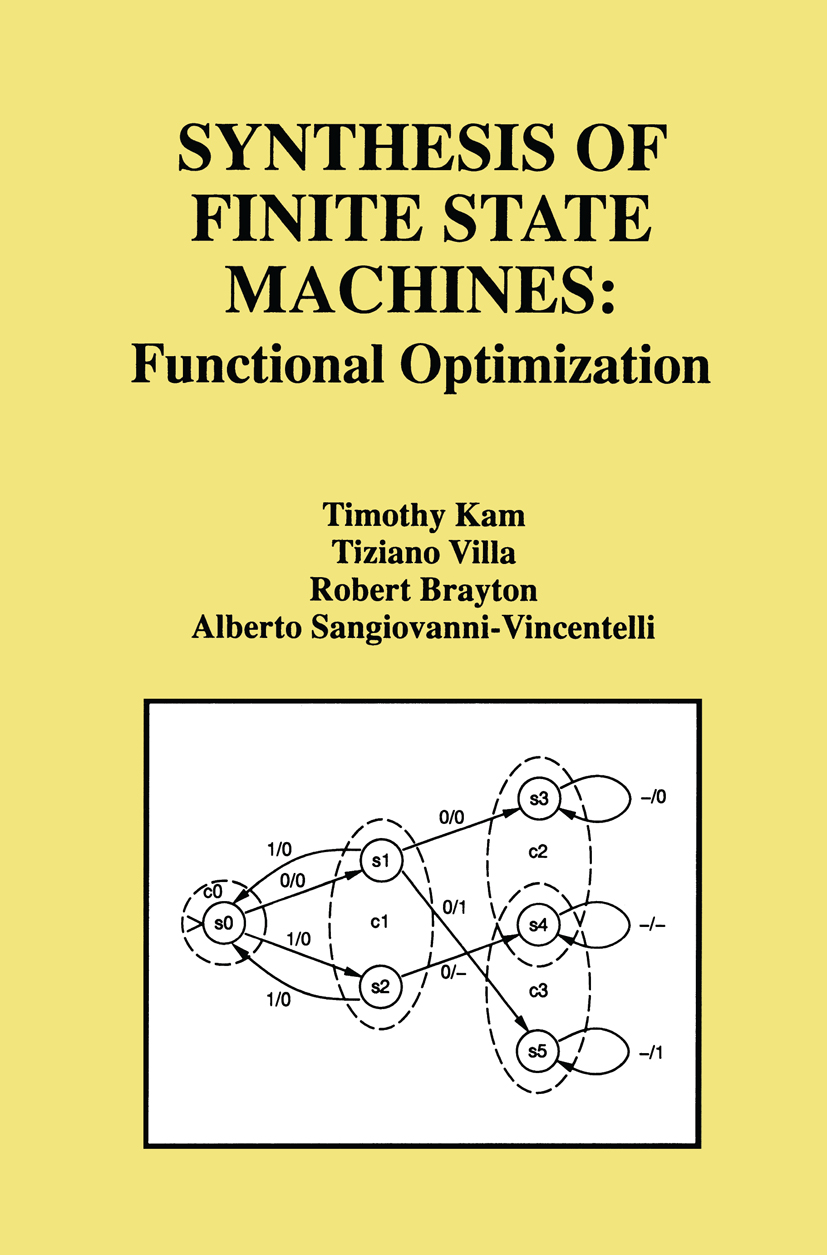
Synthesis of Finite State Machines Synthesis of Finite State Machines: Functional Optimization is one of two monographs devoted to the synthesis of Finite State Machines (FSMs). This volume addresses functional optimization, whereas the second addresses logic optimization. By functional optimization here we mean the body of techniques that: compute all permissible sequential functions for a given topology of interconnected FSMs, and select a `best' sequential function out of the permissible ones. The result is a symbolic description of the FSM representing the chosen sequential function. By logic optimization here we mean the steps that convert a symbolic description of an FSM into a hardware implementation, with the goal to optimize objectives like area, testability, performance and so on. Synthesis of Finite State Machines: Functional Optimization is divided into three parts. The first part presents some preliminary definitions, theories and techniques related to the exploration of behaviors of FSMs. The second part presents an implicit algorithm for exact state minimization of incompletely specified finite state machines (ISFSMs), and an exhaustive presentation of explicit and implicit algorithms for the binate covering problem. The third part addresses the computation of permissible behaviors at a node of a network of FSMs and the related minimization problems of non-deterministic finite state machines (NDFSMs). Key themes running through the book are the exploration of behaviors contained in a non-deterministic FSM (NDFSM), and the representation of combinatorial problems arising in FSM synthesis by means of Binary Decision Diagrams (BDDs). Synthesis of Finite State Machines: Functional Optimization will be of interest to researchers and designers in logic synthesis, CAD and design automation. TECHNOLOGY & ENGINEERING,Electronics,Circuits,General
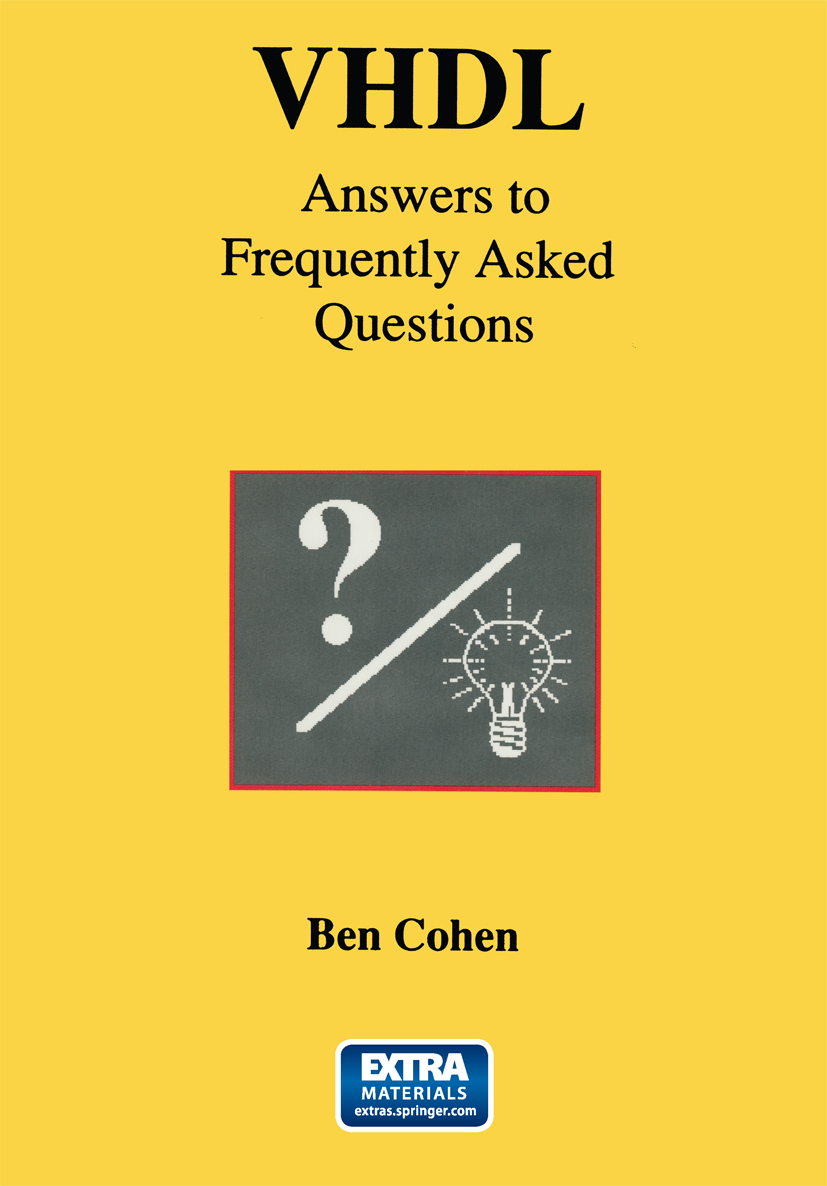
VHDL Answers to Frequently Asked Questions VHDL Answers to Frequently asked Questions is a follow-up to the author's book VHDL Coding Styles and Methodologies (ISBN 0-7923-9598-0). On completion of his first book, the author continued teaching VHDL and actively participated in the comp. lang. vhdl newsgroup. During his experiences, he was enlightened by the many interesting issues and questions relating to VHDL and synthesis. These pertained to: misinterpretations in the use of the language; methods for writing error free, and simulation efficient, code for testbench designs and for synthesis; and general principles and guidelines for design verification. As a result of this wealth of public knowledge contributed by a large VHDL community, the author decided to act as a facilitator of this information by collecting different classes of VHDL issues, and by elaborating on these topics through complete simulatable examples. This book is intended for those who are seeking an enhanced proficiency in VHDL. Its target audience includes: 1. Engineers. The book addresses a set of problems commonly experienced by real users of VHDL. It provides practical explanations to the questions, and suggests practical solutions to the raised issues. It also includes packages to achieve common utilities, useful in the generation of debug code aDd testbench designs. These packages include conversions to strings (the IMAGE package), generation of Linear Feedback Shift Registers (LFSR), Multiple Input Shift Register (MISR), and random number generators. TECHNOLOGY & ENGINEERING,Electronics,Circuits,General
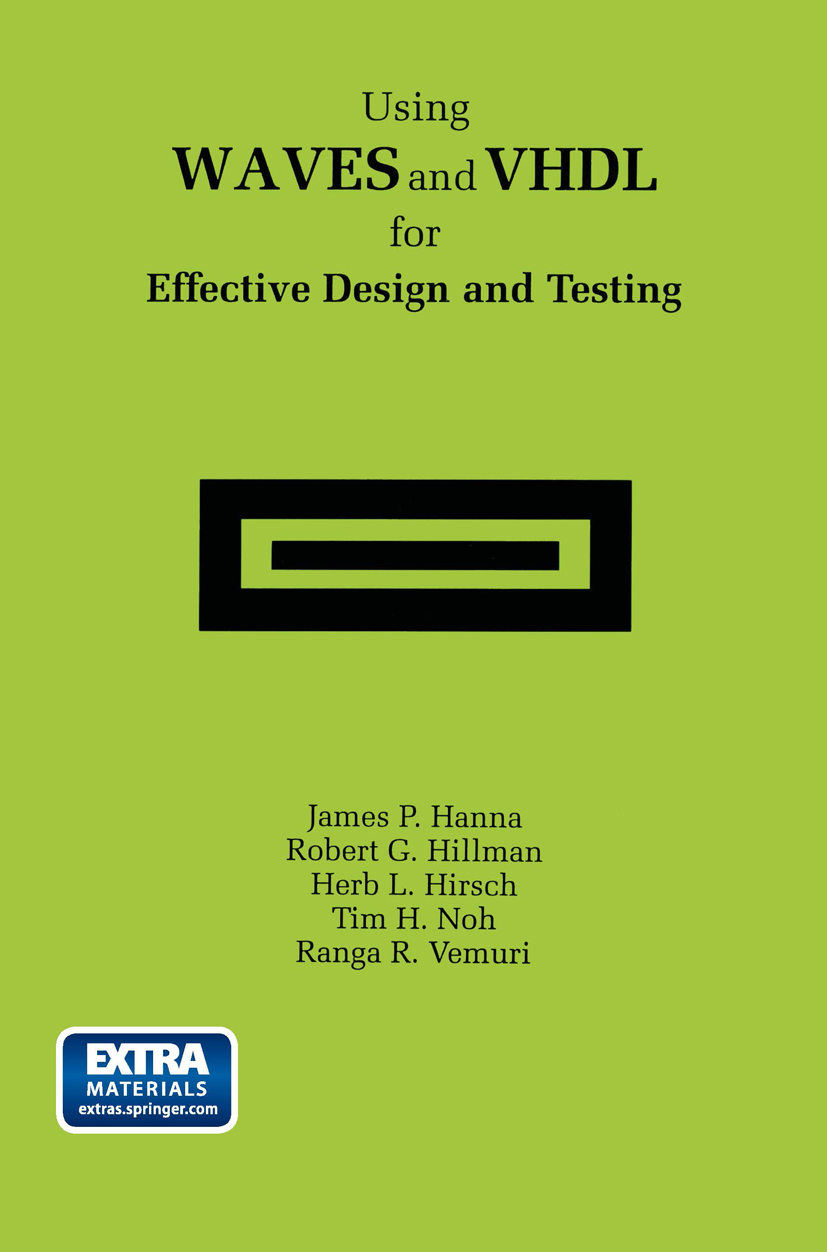
Using WAVES and VHDL for Effective Design and Testing 2 Concept ( Tools • Specification ( Tools + Design Stages ( Tools • Implementation ( Tools Figure 1-1. A nominal, multi-stage development process From that beginning, we have progressed to the point where the EDA community at large, including both users and developers of the tools, are interested in more unified environments. Here, the notion is that the tools used at the various stages in the development process need to be able to complement each other, and to communicate with one another efficiently using effective file exchange capabilities. Furthermore, the idea of capturing all the tool support needed for an EDA development into a unified support environment is now becoming a reality. This reality is evidenced by some of the EDA suites we now see emerging, wherein several tool functions are integrated under a common graphical user interface (GUI), with supporting file exchange and libraries to enable all tool functions to operate effectively and synergistically. This concept, which we illustrate in Figure 1- 2, is the true future ofEDA. TECHNOLOGY & ENGINEERING,Electronics,Circuits,General
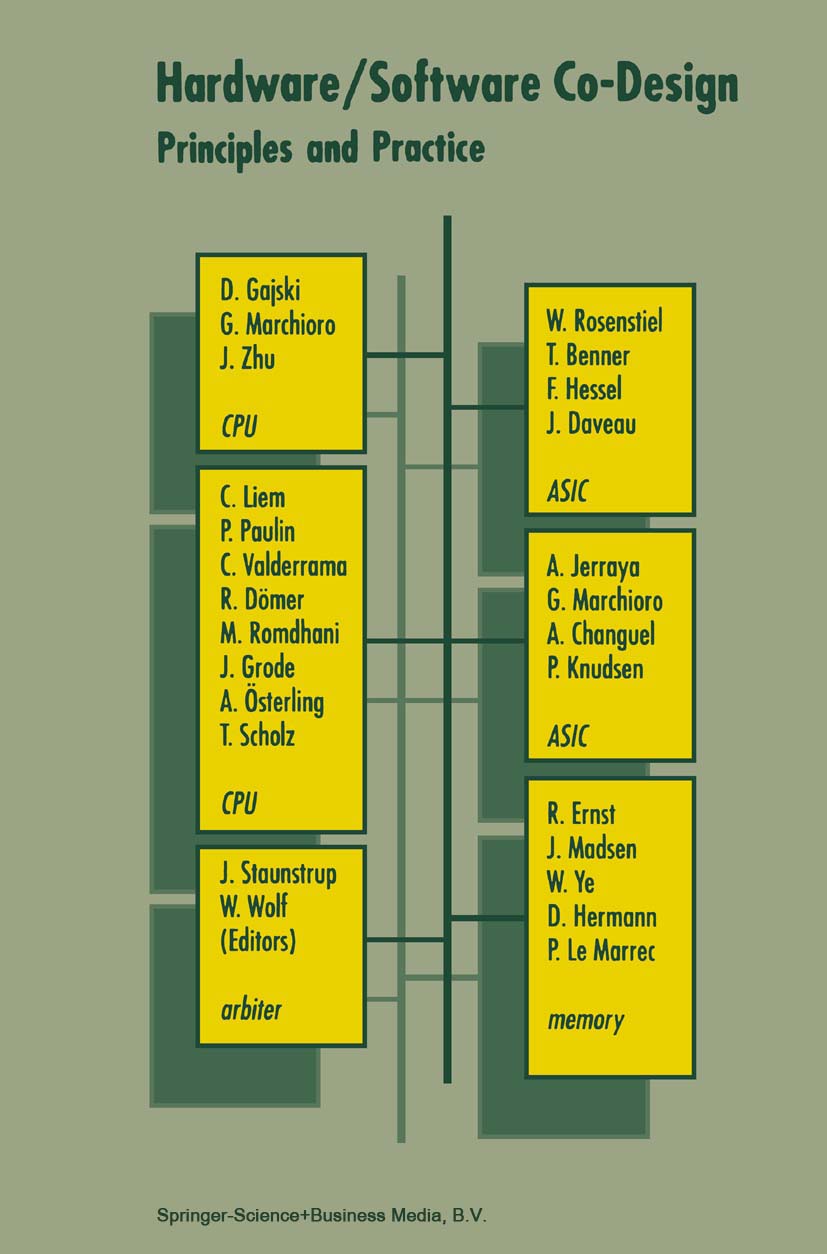
Hardware/Software Co-Design Introduction to Hardware-Software Co-Design presents a number of issues of fundamental importance for the design of integrated hardware software products such as embedded, communication, and multimedia systems. This book is a comprehensive introduction to the fundamentals of hardware/software co-design. Co-design is still a new field but one which has substantially matured over the past few years. This book, written by leading international experts, covers all the major topics including: fundamental issues in co-design; hardware/software co-synthesis algorithms; prototyping and emulation; target architectures; compiler techniques; specification and verification; system-level specification. Special chapters describe in detail several leading-edge co-design systems including Cosyma, LYCOS, and Cosmos. Introduction to Hardware-Software Co-Design contains sufficient material for use by teachers and students in an advanced course of hardware/software co-design. It also contains extensive explanation of the fundamental concepts of the subject and the necessary background to bring practitioners up-to-date on this increasingly important topic. TECHNOLOGY & ENGINEERING,Electronics,Circuits,General
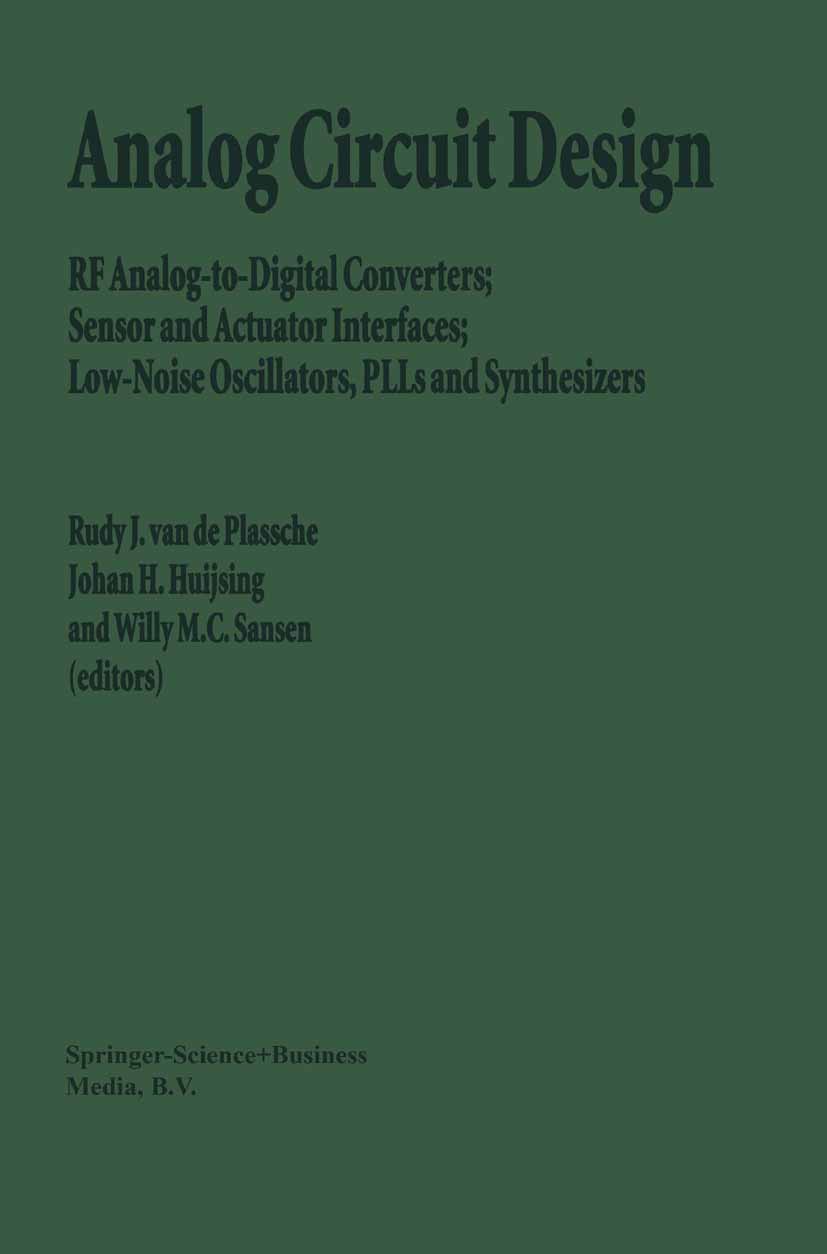
Analog Circuit Design `The authors are to be complimented for collecting, into a single reference, a lot of interesting information related to the above mentioned topics, particularly useful for data-acquisition system designers, RF engineers, and others.' Microelectronics Journal 29 (1998) 1039-1046 TECHNOLOGY & ENGINEERING,Electronics,Circuits,General
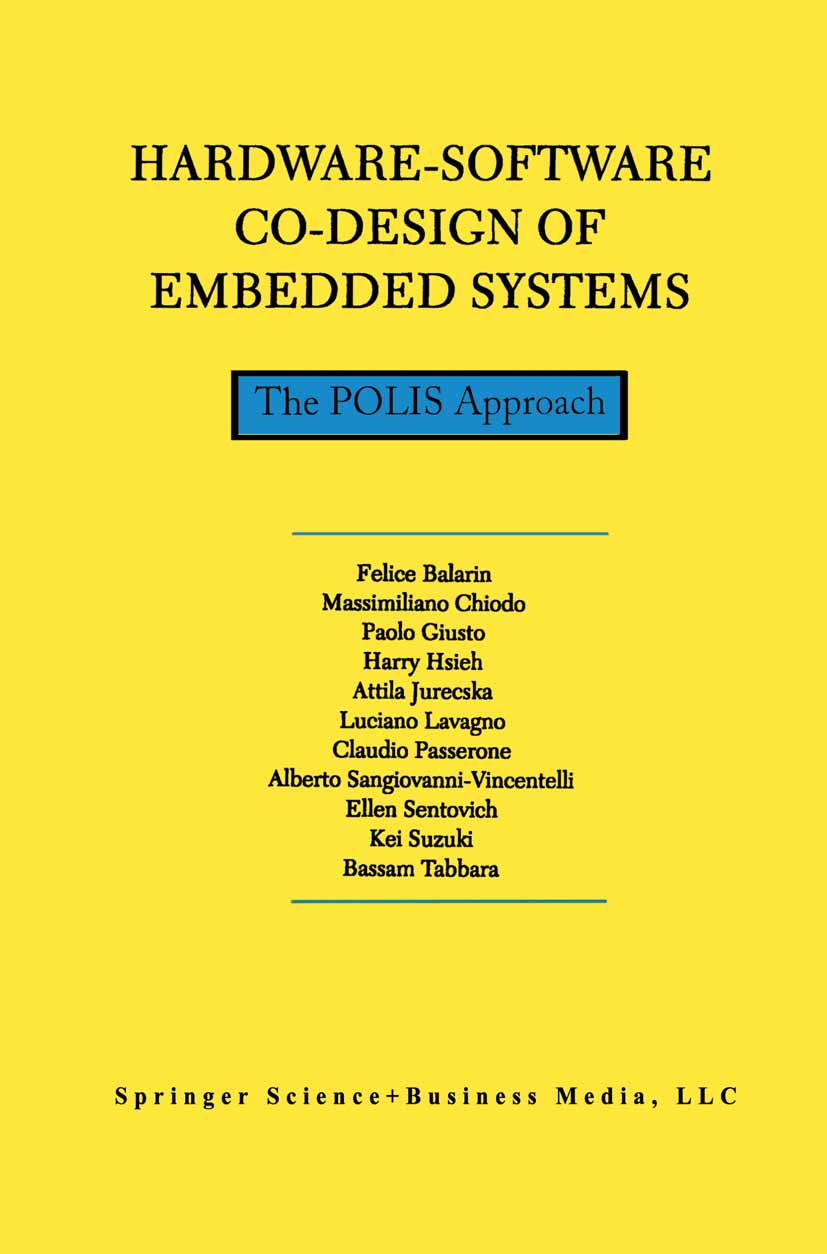
Hardware-Software Co-Design of Embedded Systems Embedded systems are informally defined as a collection of programmable parts surrounded by ASICs and other standard components, that interact continuously with an environment through sensors and actuators. The programmable parts include micro-controllers and Digital Signal Processors (DSPs). Embedded systems are often used in life-critical situations, where reliability and safety are more important criteria than performance. Today, embedded systems are designed with an ad hoc approach that is heavily based on earlier experience with similar products and on manual design. Use of higher-level languages such as C helps structure the design somewhat, but with increasing complexity it is not sufficient. Formal verification and automatic synthesis of implementations are the surest ways to guarantee safety. Thus, the POLIS system which is a co-design environment for embedded systems is based on a formal model of computation. POLIS was initiated in 1988 as a research project at the University of California at Berkeley and, over the years, grew into a full design methodology with a software system supporting it. Hardware-Software Co-Design of Embedded Systems: The POLIS Approach is intended to give a complete overview of the POLIS system including its formal and algorithmic aspects. Hardware-Software Co-Design of Embedded Systems: The POLIS Approach will be of interest to embedded system designers (automotive electronics, consumer electronics and telecommunications), micro-controller designers, CAD developers and students. TECHNOLOGY & ENGINEERING,Electronics,Circuits,General
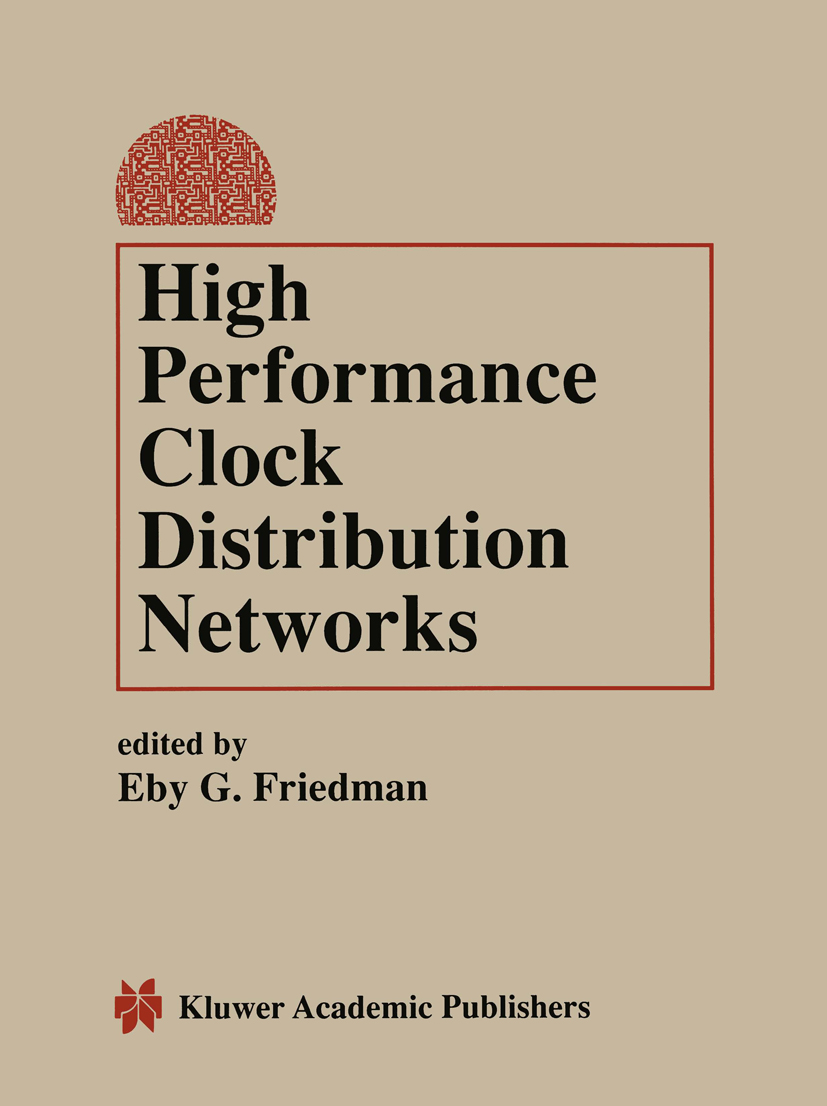
High Performance Clock Distribution Networks A number of fundamental topics in the field of high performance clock distribution networks is covered in this book. High Performance Clock Distribution Networks is composed of ten contributions from authors at academic and industrial institutions. Topically, these contributions can be grouped within three primary areas. The first topic area deals with exploiting the localized nature of clock skew. The second topic area deals with the implementation of these clock distribution networks, while the third topic area considers more long-range aspects of next-generation clock distribution networks. High Performance Clock Distribution Networks presents a number of interesting strategies for designing and building high performance clock distribution networks. Many aspects of the ideas presented in these contributions are being developed and applied today in next-generation high-performance microprocessors. TECHNOLOGY & ENGINEERING,Electronics,Circuits,General
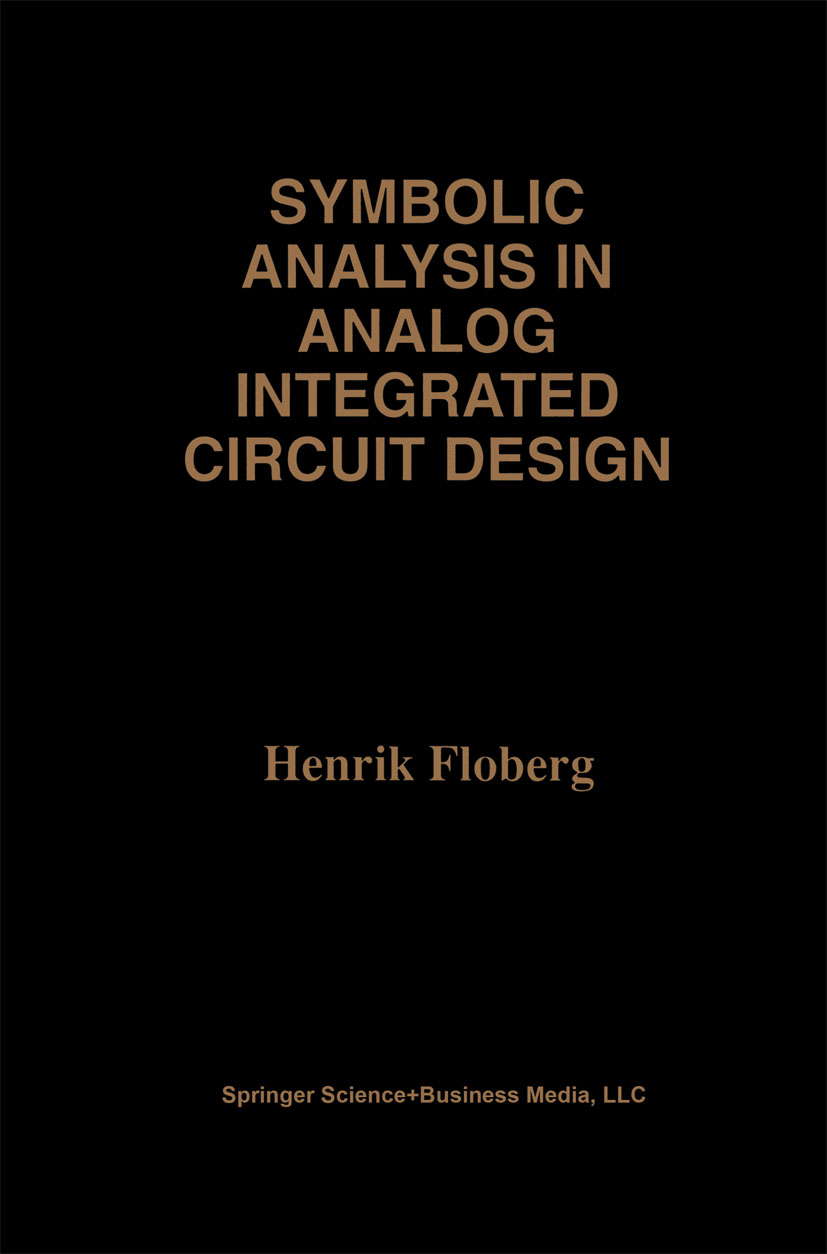
Symbolic Analysis in Analog Integrated Circuit Design Symbolic Analysis in Analog Integrated Circuit Design provides an introduction to computer-aided circuit analysis and presents systematic methods for solving linear (i.e. small-signal) and nonlinear circuit problems, which are illustrated by concrete examples. Computer-aided symbolic circuit analysis is useful in analog integrated circuit design. Analytic expressions for the network transfer functions contain information that is not provided by a numerical simulation result. However, these expressions are generally extremely long and difficult to interpret; therefore, it is necessary to be able to approximate them guided by the magnitude of the individual circuit parameters. Engineering has been described as `the art of making approximations'. The inclusion of symbolic analysis in analog circuit design reduces the implied risk of ambiguity during the approximation process. A systematic method based on the nullor concept is used to obtain the basic feedback transistor amplifier configurations. Approximate expressions for the locations of poles and zeros for linear networks are obtained using the extended pole-splitting technique. An unusual feature in Symbolic Analysis in Analog Integrated Circuit Design is the consistent use of the transadmittance element with finite (linear or nonlinear) or infinite (i.e. nullor) gain as the only requisite circuit element. The describing function method is used to obtain approximate symbolic expressions for the harmonic distortion generated by a soft or hard transconductance nonlinearity embedded in an arbitrary linear network. The design and implementation of a program (i.e. CASCA) for symbolic analysis of time-continuous networks is described. The algorithms can also be used to solve other linear problems, e.g. the analysis of time-discrete switched-capacitor networks. Symbolic Analysis in Analog Integrated Circuit Design serves as an excellent resource for students and researchers as well as for industry designers who want to familiarize themselves with circuit analysis. This book may also be used for advanced courses on the subject. TECHNOLOGY & ENGINEERING,Electronics,Circuits,General
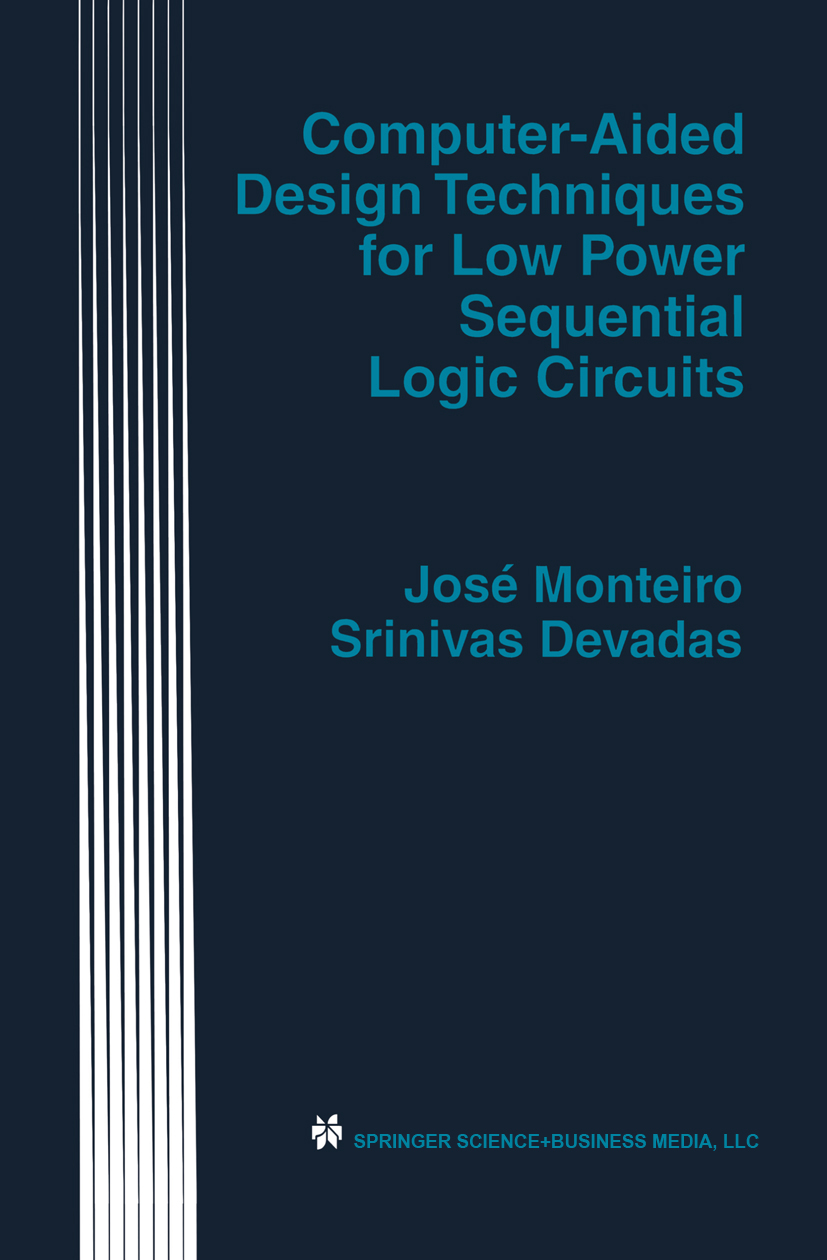
Computer-Aided Design Techniques for Low Power Sequential Logic Circuits Rapid increases in chip complexity, increasingly faster clocks, and the proliferation of portable devices have combined to make power dissipation an important design parameter. The power consumption of a digital system determines its heat dissipation as well as battery life. For some systems, power has become the most critical design constraint. Computer-Aided Design Techniques for Low Power Sequential Logic Circuits presents a methodology for low power design. The authors first present a survey of techniques for estimating the average power dissipation of a logic circuit. At the logic level, power dissipation is directly related to average switching activity. A symbolic simulation method that accurately computes the average switching activity in logic circuits is then described. This method is extended to handle sequential logic circuits by modeling correlation in time and by calculating the probabilities of present state lines. Computer-Aided Design Techniques for Low Power Sequential Logic Circuits then presents a survey of methods to optimize logic circuits for low power dissipation which target reduced switching activity. A method to retime a sequential logic circuit where registers are repositioned such that the overall glitching in the circuit is minimized is also described. The authors then detail a powerful optimization method that is based on selectively precomputing the output logic values of a circuit one clock cycle before they are required, and using the precomputed value to reduce internal switching activity in the succeeding clock cycle. Presented next is a survey of methods that reduce switching activity in circuits described at the register-transfer and behavioral levels. Also described is a scheduling algorithm that reduces power dissipation by maximising the inactivity period of the modules in a given circuit. Computer-Aided Design Techniques for Low Power Sequential Logic Circuits concludes with a summary and directions for future research. TECHNOLOGY & ENGINEERING,Electronics,Circuits,General
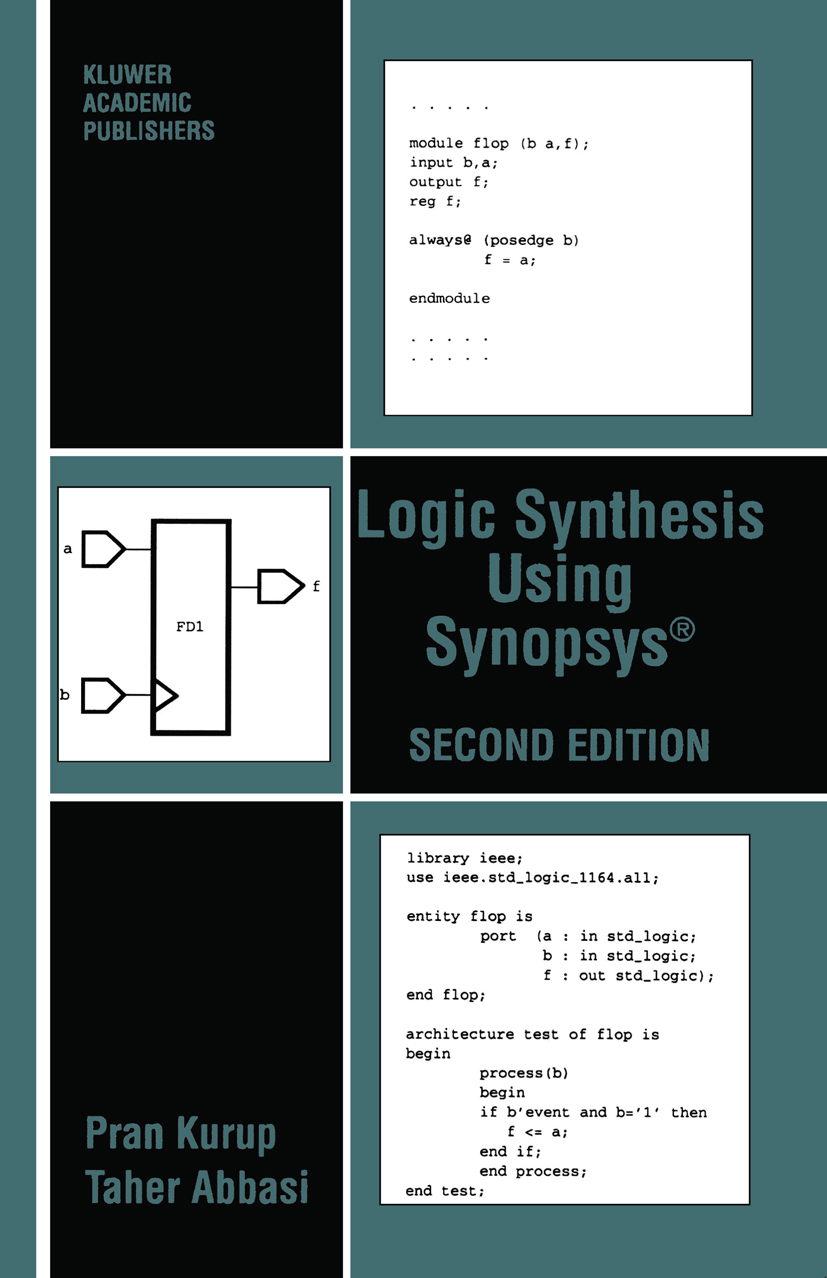
Logic Synthesis Using Synopsys® Logic Synthesis Using Synopsys®, Second Edition is for anyone who hates reading manuals but would still like to learn logic synthesis as practised in the real world. Synopsys Design Compiler, the leading synthesis tool in the EDA marketplace, is the primary focus of the book. The contents of this book are specially organized to assist designers accustomed to schematic capture-based design to develop the required expertise to effectively use the Synopsys Design Compiler. Over 100 `Classic Scenarios' faced by designers when using the Design Compiler have been captured, discussed and solutions provided. These scenarios are based on both personal experiences and actual user queries. A general understanding of the problem-solving techniques provided should help the reader debug similar and more complicated problems. In addition, several examples and dc_shell scripts (Design Compiler scripts) have also been provided. Logic Synthesis Using Synopsys®, Second Edition is an updated and revised version of the very successful first edition. The second edition covers several new and emerging areas, in addition to improvements in the presentation and contents in all chapters from the first edition. With the rapid shrinking of process geometries it is becoming increasingly important that `physical' phenomenon like clusters and wire loads be considered during the synthesis phase. The increasing demand for FPGAs has warranted a greater focus on FPGA synthesis tools and methodology. Finally, behavioral synthesis, the move to designing at a higher level of abstraction than RTL, is fast becoming a reality. These factors have resulted in the inclusion of separate chapters in the second edition to cover Links to Layout, FPGA Synthesis and Behavioral Synthesis, respectively. Logic Synthesis Using Synopsys®, Second Edition has been written with the CAD engineer in mind. A clear understanding of the synthesis tool concepts, its capabilities and the related CAD issues will help the CAD engineer formulate an effective synthesis-based ASIC design methodology. The intent is also to assist design teams to better incorporate and effectively integrate synthesis with their existing in-house design methodology and CAD tools. TECHNOLOGY & ENGINEERING,Electronics,Circuits,General

Microelectronics Packaging Handbook Electronics has become the largest industry, surpassing agriCUlture, auto. and heavy metal industries. It has become the industry of choice for a country to prosper, already having given rise to the phenomenal prosperity of Japan. Korea. Singapore. Hong Kong. and Ireland among others. At the current growth rate, total worldwide semiconductor sales will reach $300B by the year 2000. The key electronic technologies responsible for the growth of the industry include semiconductors. the packaging of semiconductors for systems use in auto, telecom, computer, consumer, aerospace, and medical industries. displays. magnetic, and optical storage as well as software and system technologies. There has been a paradigm shift, however, in these technologies. from mainframe and supercomputer applications at any cost. to consumer applications at approximately one-tenth the cost and size. Personal computers are a good example. going from $500IMIP when products were first introduced in 1981, to a projected $lIMIP within 10 years. Thin. light portable. user friendly and very low-cost are. therefore. the attributes of tomorrow's computing and communications systems. Electronic packaging is defined as interconnection. powering, cool ing, and protecting semiconductor chips for reliable systems. It is a key enabling technology achieving the requirements for reducing the size and cost at the system and product level. TECHNOLOGY & ENGINEERING,Electronics,Circuits,General
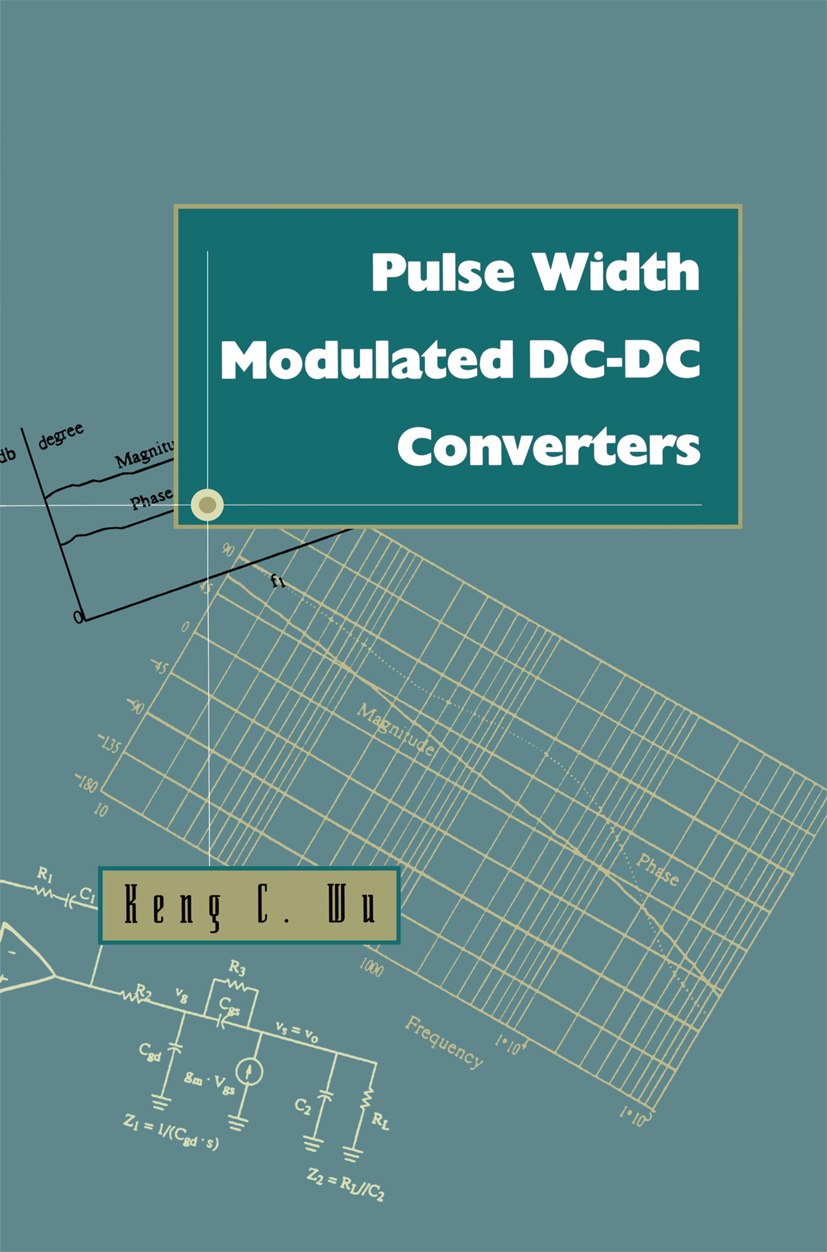
Pulse Width Modulated DC-DC Converters For the first time in power electronics, this comprehensive treatment of switch-mode DC/DC converter designs addresses many analytical closed form equations such as duty cycle prediction, output regulation, output ripple, control loop-gain, and steady state time-domain waveform. Each of these equations are given various topologists and configurations, including forward, flyback, and boost converters. Pulse Width Modulated DC/DC Converters begins with a detailed approach to the quiescent operating locus of a power plant under open-loop. The reader is then led through other supporting circuits once again in the quiescent condition. These exercises result in the close-loop formulations of the subject system, providing designers with the ability to study the sensitivities of a system against disturbances. With the quiescent conditions well established, the book then guides the reader further into the territories of system stability where small signal behaviors are explored. Finally, some important large signal time-domain studies cap the treatment. Some distinctive features of this book include: *detailed coverage of dynamic close-loop converter simulations using only personal computer and modern mathematical software *Steady-state, time-domain analysis based on the concept of continuity of states Voltage-mode and current-mode control techniques and their differences of merits A detailed description on setting up different equations for DC/DC converters'simulation using only PC TECHNOLOGY & ENGINEERING,Electronics,Circuits,General
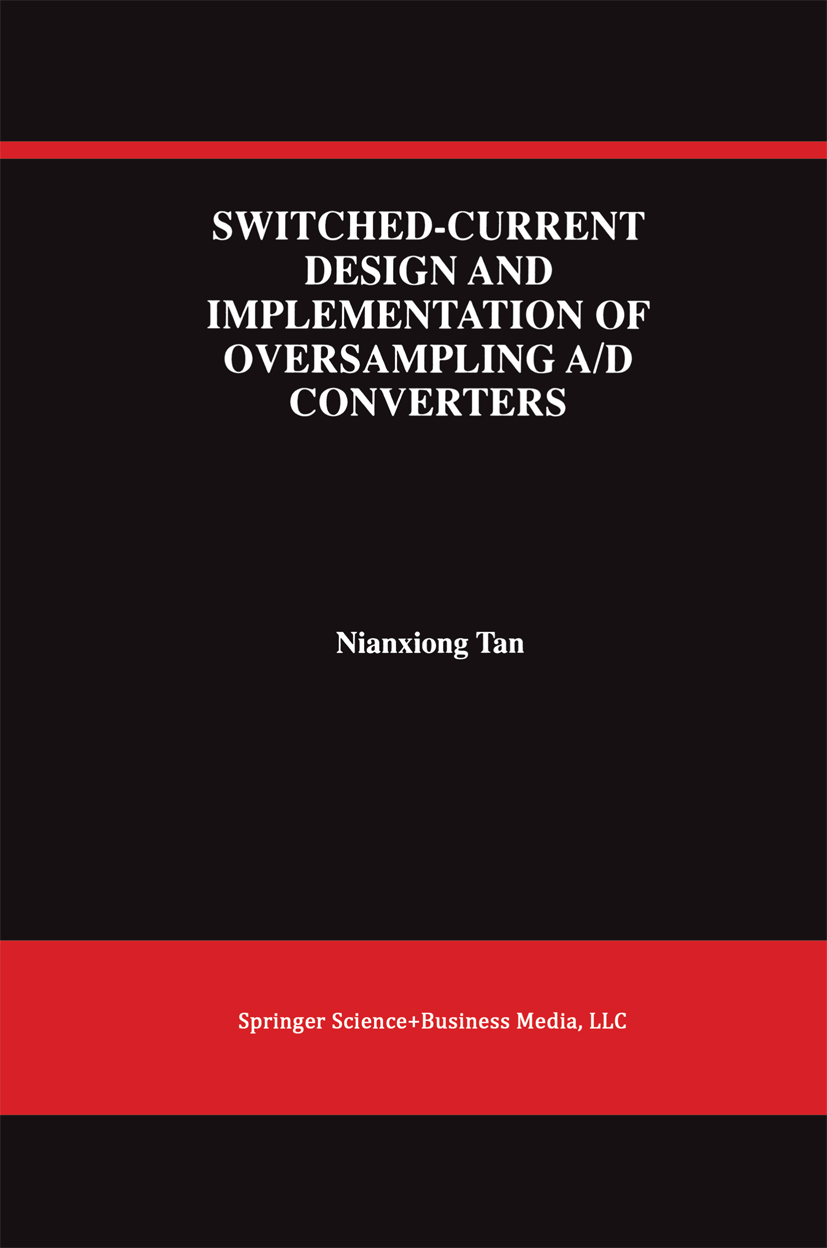
Switched-Current Design and Implementation of Oversampling A/D Converters Switched-Current Design and Implementation of Oversampling A/D Converters discusses the switched-current (SI) technique and its application in oversampling A/D converters design. The SI technique is an analog sampled-data technique that fully exploits the digital CMOS process. Compared with the traditional switched-capacitor (SC) technique, the SI technique has both pros and cons that are highlighted in the book. With the consideration of similarity and difference of SI and SC techniques, oversampling A/D converter architectures are tailored and optimized for SI design and implementation in the book. Switched-Current Design and Implementation of Oversampling A/D Converters emphasizes the practical aspects of SI circuits without tedious mathematical derivations, and is full of circuit design and implementation examples. There are more than 10 different chips included in the book, demonstrating the high-speed (over 100 MHz) and ultra-low-voltage (1.2 V) operation of SI circuits and systems in standard digital CMOS processes. Therefore, the book is of special value as a practical guide for designing SI circuits and SI oversampling A/D converters. Switched-Current Design and Implementation of Oversampling A/D Converters serves as an excellent reference for analog designers, especially A/D converter designers, and is of interest to digital designers for real-time signal processing who need A/D interfaces. The book may also be used as a text for advanced courses on the subject. TECHNOLOGY & ENGINEERING,Electronics,Circuits,General
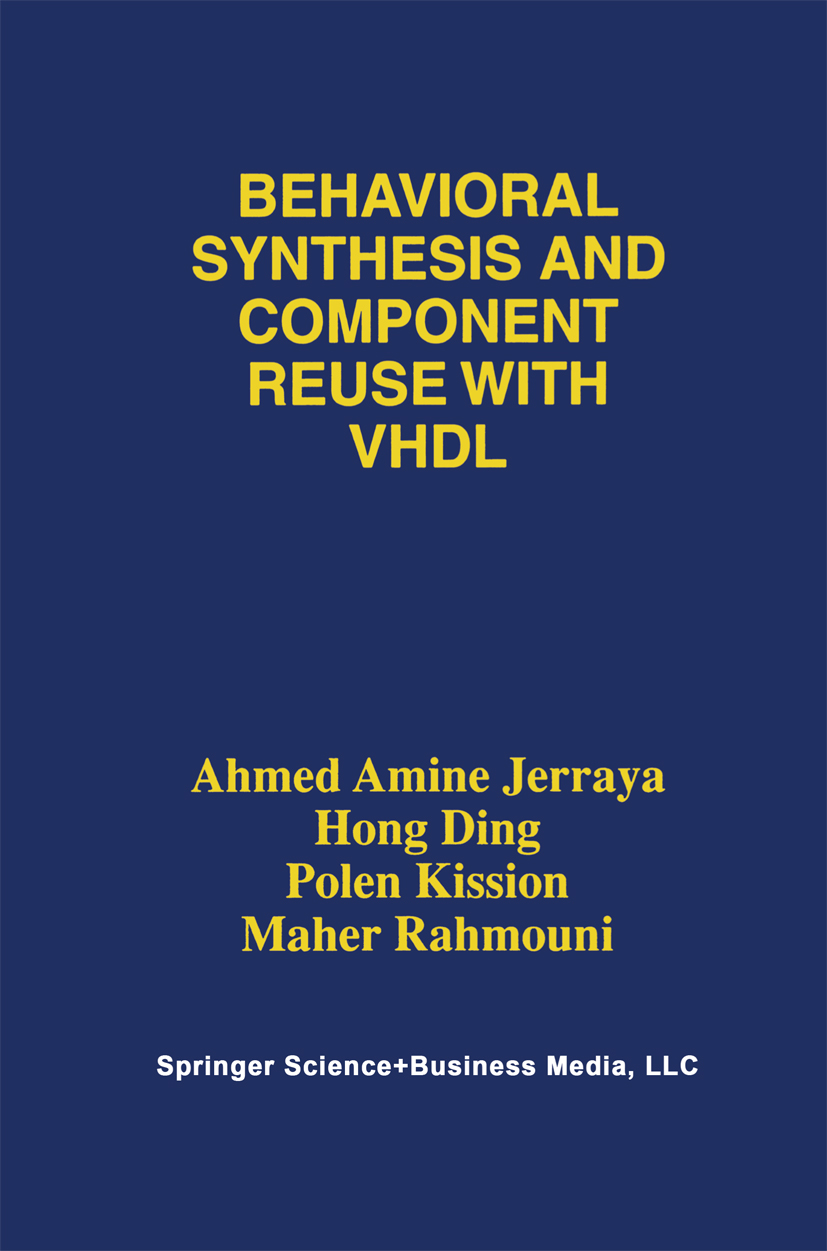
Behavioral Synthesis and Component Reuse with VHDL Improvement in the quality of integrated circuit designs and a designer's productivity can be achieved by a combination of two factors: Using more structured design methodologies for extensive reuse of existing components and subsystems. It seems that 70% of new designs correspond to existing components that cannot be reused because of a lack of methodologies and tools. Providing higher level design tools allowing to start from a higher level of abstraction. After the success and the widespread acceptance of logic and RTL synthesis, the next step is behavioral synthesis, commonly called architectural or high-level synthesis. Behavioral Synthesis and Component Reuse with VHDL provides methods and techniques for VHDL based behavioral synthesis and component reuse. The goal is to develop VHDL modeling strategies for emerging behavioral synthesis tools. Special attention is given to structured and modular design methods allowing hierarchical behavioral specification and design reuse. The goal of this book is not to discuss behavioral synthesis in general or to discuss a specific tool but to describe the specific issues related to behavioral synthesis of VHDL description. This book targets designers who have to use behavioral synthesis tools or who wish to discover the real possibilities of this emerging technology. The book will also be of interest to teachers and students interested to learn or to teach VHDL based behavioral synthesis. TECHNOLOGY & ENGINEERING,Electronics,Circuits,General

Application Specific Processors Application Specific Processors is written for use by engineers who are developing specialized systems (application specific systems). Traditionally, most high performance signal processors have been realized with application specific processors. The explanation is that application specific processors can be tailored to exactly match the (usually very demanding) application requirements. The result is that no `processing power' is wasted for unnecessary capabilities and maximum performance is achieved. A disadvantage is that such processors have been expensive to design since each is a unique design that is customized to the specific application. In the last decade, computer-aided design systems have been developed to facilitate the development of application specific integrated circuits. The success of such ASIC CAD systems suggests that it should be possible to streamline the process of application specific processor design. Application Specific Processors consists of eight chapters which provide a mixture of techniques and examples that relate to application specific processing. The inclusion of techniques is expected to suggest additional research and to assist those who are faced with the requirement to implement efficient application specific processors. The examples illustrate the application of the concepts and demonstrate the efficiency that can be achieved via application specific processors. The chapters were written by members and former members of the application specific processing group at the University of Texas at Austin. The first five chapters relate to specific arithmetic which often is the key to achieving high performance in application specific processors. The next two chapters focus on signal processing systems, and the final chapter examines the interconnection of possibly disparate elements to create systems. TECHNOLOGY & ENGINEERING,Electronics,Circuits,General
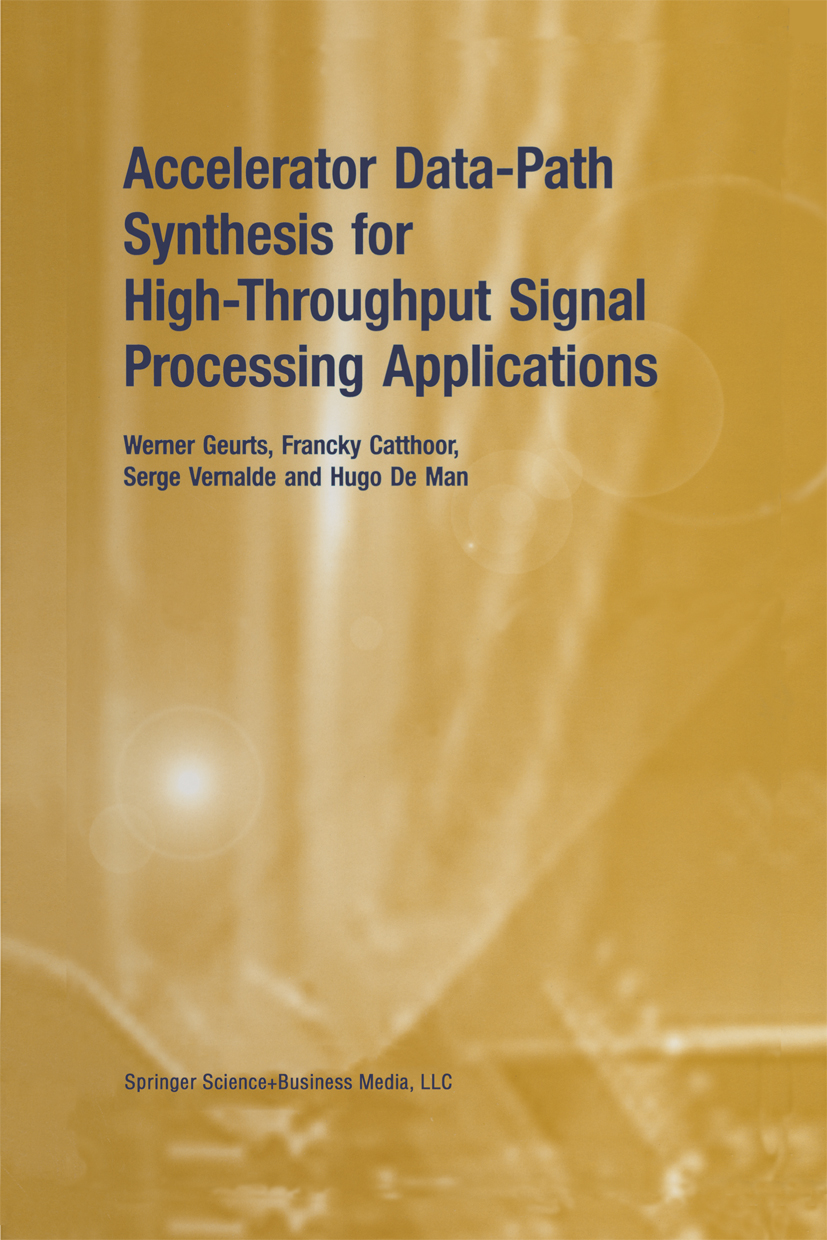
Accelerator Data-Path Synthesis for High-Throughput Signal Processing Applications Accelerator Data-Path Synthesis for High-Throughput Signal Processing Applications is the first book to show how to use high-level synthesis techniques to cope with the stringent timing requirements of complex high-throughput real-time signal and data processing. The book describes the state-of-the-art in architectural synthesis for complex high-throughput real-time processing. Unlike many other, the Synthesis approach used in this book targets an architecture style or an application domain. This approach is thus heavily application-driven and this is illustrated in the book by several realistic demonstration examples used throughout. Accelerator Data-Path Synthesis for High-Throughput Signal Processing Applications focuses on domains where application-specific high-speed solutions are attractive such as significant parts of audio, telecom, instrumentation, speech, robotics, medical and automotive processing, image and video processing, TV, multi-media, radar, sonar, etc. Moreover, it addresses mainly the steps above the traditional scheduling and allocation tasks which focus on scalar operations and data. Accelerator Data-Path Synthesis for High-Throughput Signal Processing Applications is of interest to researchers, senior design engineers and CAD managers both in academia and industry. It provides an excellent overview of what capabilities to expect from future practical design tools and includes an extensive bibliography. TECHNOLOGY & ENGINEERING,Electronics,Circuits,General

Hardware/Software Co-Design and Co-Verification Co-Design is the set of emerging techniques which allows for the simultaneous design of Hardware and Software. In many cases where the application is very demanding in terms of various performances (time, surface, power consumption), trade-offs between dedicated hardware and dedicated software are becoming increasingly difficult to decide upon in the early stages of a design. Verification techniques - such as simulation or proof techniques - that have proven necessary in the hardware design must be dramatically adapted to the simultaneous verification of Software and Hardware. Describing the latest tools available for both Co-Design and Co-Verification of systems, Hardware/Software Co-Design and Co-Verification offers a complete look at this evolving set of procedures for CAD environments. The book considers all trade-offs that have to be made when co-designing a system. Several models are presented for determining the optimum solution to any co-design problem, including partitioning, architecture synthesis and code generation. When deciding on trade-offs, one of the main factors to be considered is the flow of communication, especially to and from the outside world. This involves the modeling of communication protocols. An approach to the synthesis of interface circuits in the context of co-design is presented. Other chapters present a co-design oriented flexible component data-base and retrieval methods; a case study of an ethernet bridge, designed using LOTOS and co-design methodologies and finally a programmable user interface based on monitors. Hardware/Software Co-Design and Co-Verification will help designers and researchers to understand these latest techniques in system design and as such will be of interest to all involved in embedded system design. TECHNOLOGY & ENGINEERING,Electronics,Circuits,General
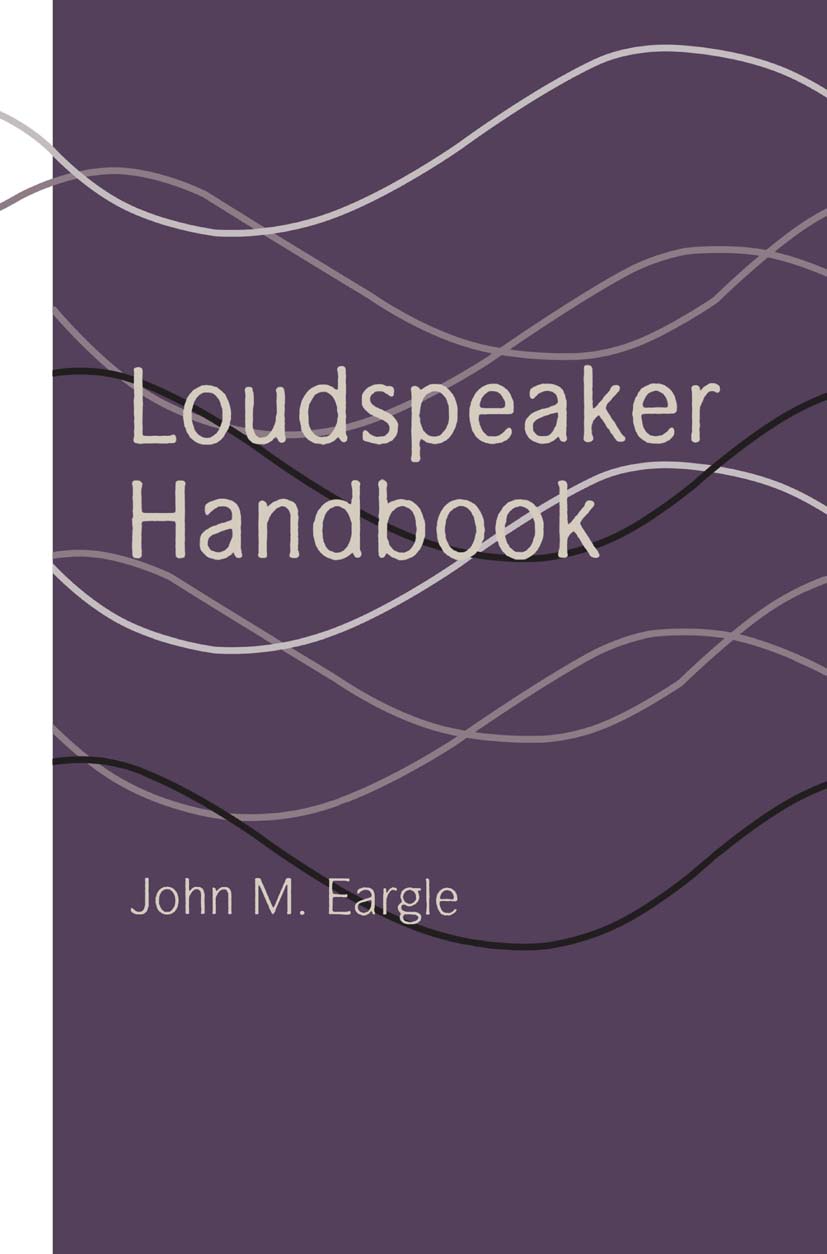
Loudspeaker Handbook The prospect of writing a book on loudspeakers is a daunting one, since only a multivolume encyclopedia could truly do justice to the subject. Authors writing about this subject have generally concentrated on their own areas of expertise, often covering their own specific topics in great detail. This book is no exception; the author's background is largely in professional loudspeaker application and specification, and the emphasis in this book is on basic component design, operation, measurement, and system concepts. The book falls largely into two sections; the first (Chapters 1-9) emphasizing the building blocks of the art and the second (Chapters 10-16) emphasizing applications, measurements, and modeling. While a thorough understanding of the book requires a basic knowledge of complex algebra, much of it is understandable through referring to the graphics. Every attempt has been made to keep graphics clear and intuitive. Chapter 1 deals with the basic electro-mechano-acoustical chain between input to the loudspeaker and its useful output, with emphasis on the governing equations and equivalent circuits. Chapter 2 is a survey of cone and dome drivers, the stock-in-trade of the industry. They are discussed in terms of type, design, performance, and perfor mance limits. Chapter 3 deals with magnetics. Once a source of difficulty in loudspeaker design, magnetics today yields easily to modeling techniques. Chapter 4 discusses low-frequency (LF) system performance, primarily from the viewpoint of Thiele-Small parameters. We also discuss some of the multi chamber LF systems that became popular during the eighties. TECHNOLOGY & ENGINEERING,Electronics,Circuits,General

Multi-Chip Module Test Strategies MCMs today consist of complex and dense VLSI devices mounted into packages that allow little physical access to internal nodes. The complexity and cost associated with their test and diagnosis are major obstacles to their use. Multi-Chip Module Test Strategies presents state-of-the-art test strategies for MCMs. This volume of original research is designed for engineers interested in practical implementations of MCM test solutions and for designers looking for leading edge test and design-for-testability solutions for their next designs. Multi-Chip Module Test Strategies consists of eight contributions by leading researchers. It is designed to provide a comprehensive and well-balanced coverage of the MCM test domain. Multi-Chip Module Test Strategies has also been published as a special issue of the Journal of Electronic Testing: Theory and Applications (JETTA, Volume 10, Numbers 1 and 2). TECHNOLOGY & ENGINEERING,Electronics,Circuits,General
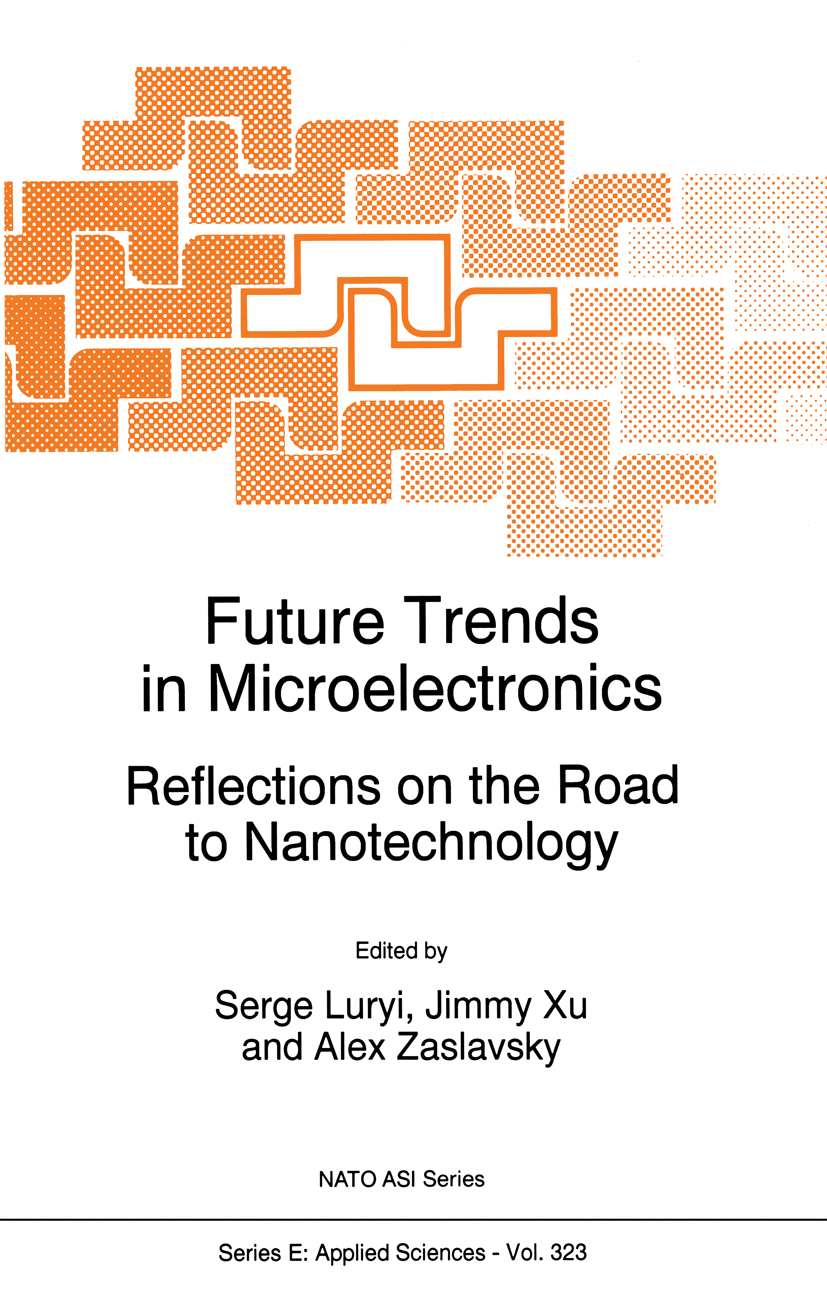
Future Trends in Microelectronics Proceedings of the NATO Advanced Research Workshop, Ile de Bendor, France, July 17-21, 1995 TECHNOLOGY & ENGINEERING,Electronics,Circuits,General
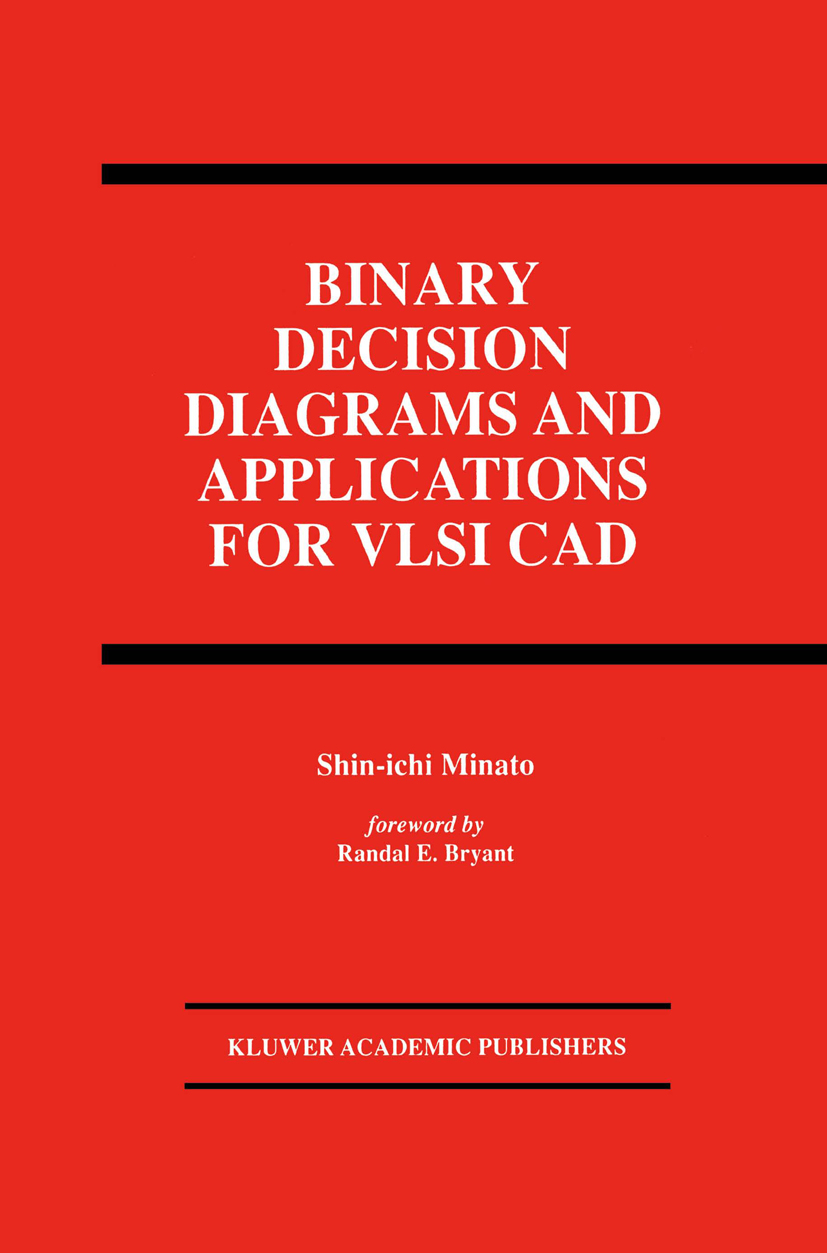
Binary Decision Diagrams and Applications for VLSI CAD Symbolic Boolean manipulation using binary decision diagrams (BDDs) has been successfully applied to a wide variety of tasks, particularly in very large scale integration (VLSI) computer-aided design (CAD). The concept of decision graphs as an abstract representation of Boolean functions dates back to the early work by Lee and Akers. In the last ten years, BDDs have found widespread use as a concrete data structure for symbolic Boolean manipulation. With BDDs, functions can be constructed, manipulated, and compared by simple and efficient graph algorithms. Since Boolean functions can represent not just digital circuit functions, but also such mathematical domains as sets and relations, a wide variety of CAD problems can be solved using BDDs. `Binary Decision Diagrams and Applications for VLSI CAD provides valuable information for both those who are new to BDDs as well as to long time aficionados.' -from the Foreword by Randal E. Bryant. `Over the past ten years ... BDDs have attracted the attention of many researchers because of their suitability for representing Boolean functions. They are now widely used in many practical VLSI CAD systems. ... this book can serve as an introduction to BDD techniques and ... it presents several new ideas on BDDs and their applications. ... many computer scientists and engineers will be interested in this book since Boolean function manipulation is a fundamental technique not only in digital system design but also in exploring various problems in computer science.' - from the Preface by Shin-ichi Minato. TECHNOLOGY & ENGINEERING,Electronics,Circuits,General

Analog Circuit Design Johan H. Huijsing This book contains 18 tutorial papers concentrated on 3 topics, each topic being covered by 6 papers. The topics are: Low-Noise, Low-Power, Low-Voltage Mixed-Mode Design with CAD Tools Voltage, Current, and Time References The papers of this book were written by top experts in the field, currently working at leading European and American universities and companies. These papers are the reviewed versions of the papers presented at the Workshop on Advances in Analog Circuit Design. which was held in Villach, Austria, 26-28 April 1995. The chairman of the Workshop was Dr. Franz Dielacher from Siemens, Austria. The program committee existed of Johan H. Huijsing from the Delft University of Technology, Prof.Willy Sansen from the Catholic University of Leuven, and Dr. Rudy 1. van der Plassche from Philips Eindhoven. This book is the fourth of aseries dedicated to the design of analog circuits. The topics which were covered earlier were: Operational Amplifiers Analog to Digital Converters Analog Computer Aided Design Mixed AlD Circuit Design Sensor Interface Circuits Communication Circuits Low-Power, Low-Voltage Integrated Filters Smart Power As the Workshop will be continued year by year, a valuable series of topics will be built up from all the important areas of analog circuit design. I hope that this book will help designers of analog circuits to improve their work and to speed it up. TECHNOLOGY & ENGINEERING,Electronics,Circuits,General
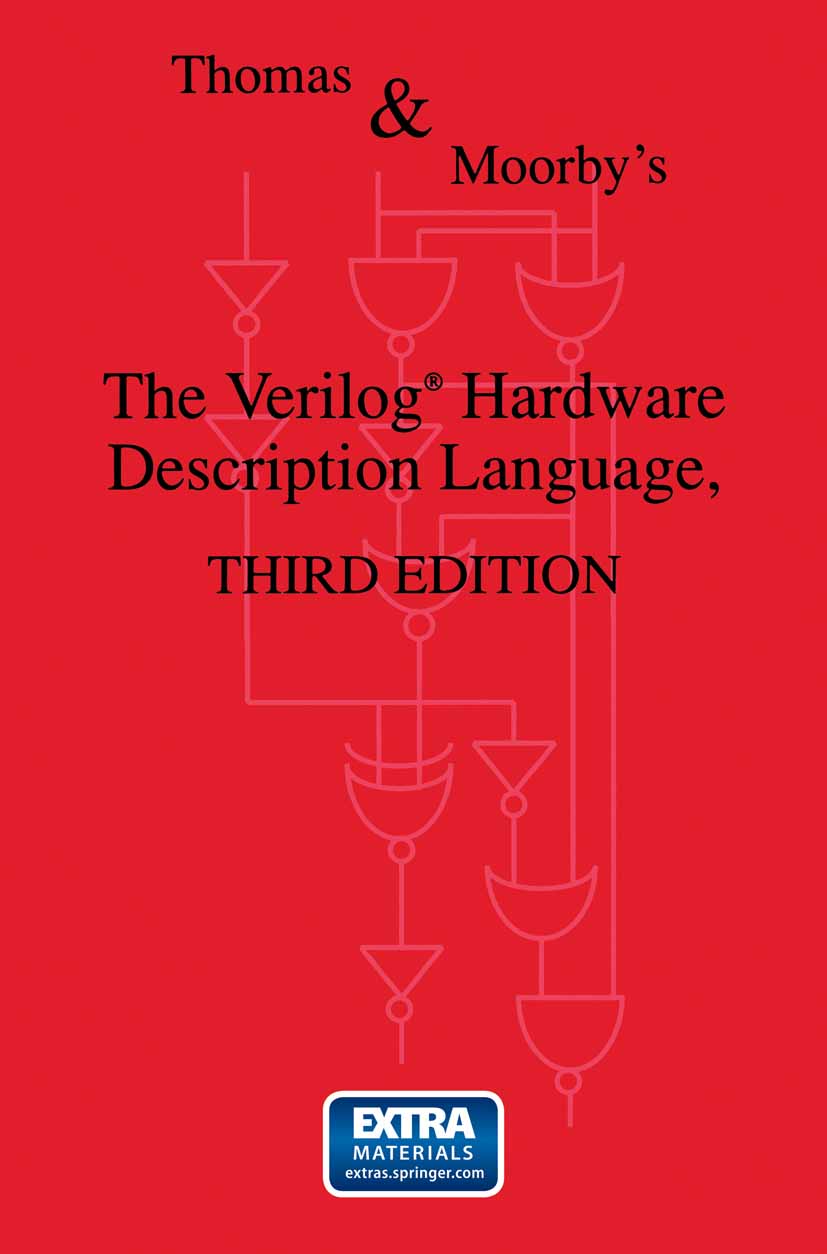
The Verilog® Hardware Description Language •• XVII Acknowledgments CHAPTER 1 Verilog - A Tutorial Introduction 1 Getting Started 2 A Structural Description 2 Simulating the NAND Latch 4 Module Hleral'Chy 6 The Counter 7 Components of the Counter 9 A Clock for the System 10 Tying the Whole Circuit Together 11 Using An Alternate Description of the Flip Flop 13 Behavioral Modeling 1 S A Behavioral Model of the m16 Counter 16 Mixing Structure and Behavior 18 Assignment Statements 22 Summary on Mixing Behavioral and Structural Descriptions 23 Creating a Testbench For a Module 24 Summary 2S Tutorial Guide to Formal Syntax Specification 26 Exercises 30 CHAPTER 2 Behavioral Modeling 33 Process Model 33 If-Then-Else 3S Where Does The ELSE Belong? 39 The Conditional Operator 41 Loops 41 Four Basic Loop Statements 42 Exiting Loops on Exceptional Conditions 45 Multi-way branching 46 If-Else-If 46 Case 46 Comparison of Case and If-Else-If 48 viii The Verilog Hardware Description Language Casez and Casex 49 Functions and Tasks SO Tasks 52 Functions 55 A Structural View 57 Rules of Scope and Hierarchical Names S9 Rules of Scope 60 Hierarchical Names 62 Summary 63 Exerdses 63 CHAPTER 3 Concurrent Processes 6S Concu"ent Processes 6S Events 67 Event Control Statement 67 Named Events 69 The Walt Statement 72 A Complete Producer-Consumer Handshake 74 Comparison of the Wait and While Statements 77 Comparison of Wait and Event Control Statements 78 A Concu"ent Process Example 78 Disabling Named Blocks 84 Intra-Assignment Control and Timing Events 87 Procedural Continuous Assignment 90 TECHNOLOGY & ENGINEERING,Electronics,Circuits,General
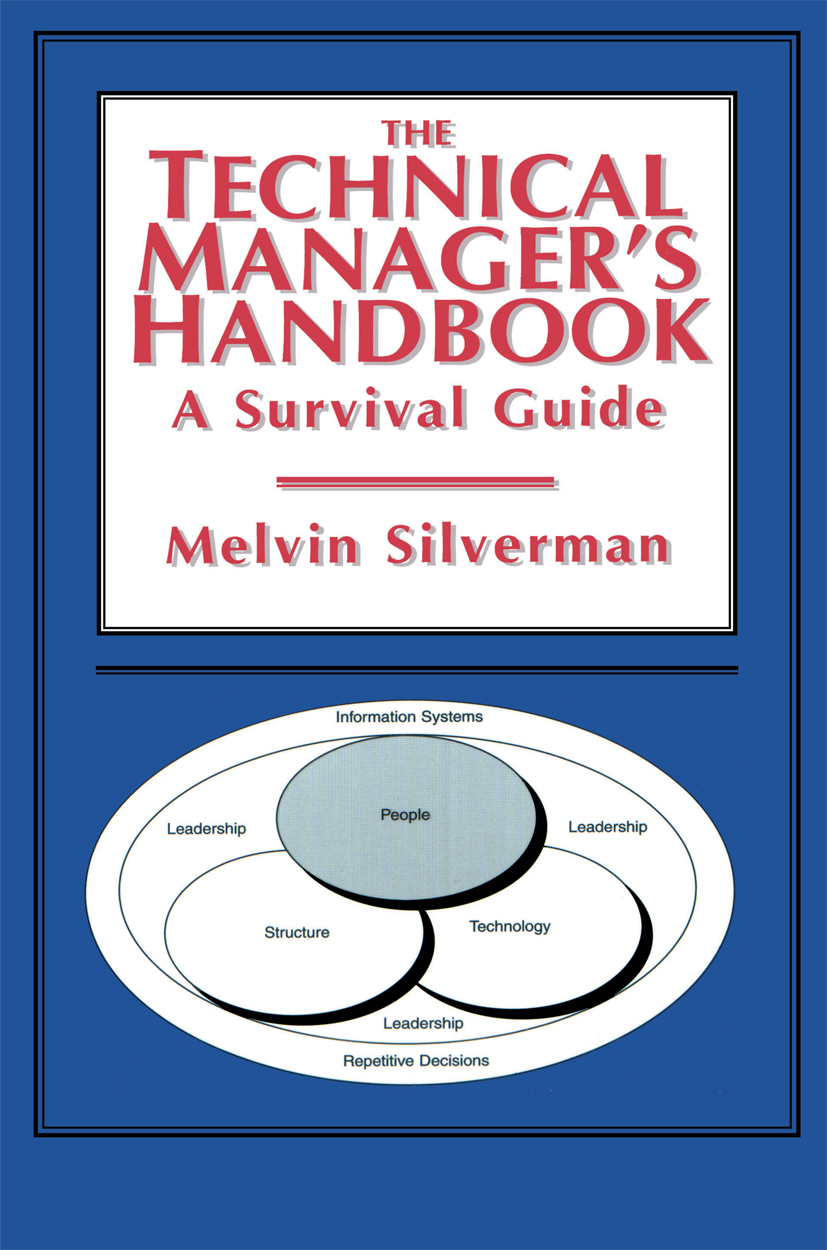
The Technical Manager’s Handbook Every organization, business, and manager is unique, and each demands an individually tailored management style. Supposedly universal management strategies must be tailored to suit the specific situations that each individual faces daily in the work environment. This book provides a theoretical and practical foundation for the adaptation and tailoring of a universal management style into a specific, effective style with the power to produce the desired results. It assists the manager, or would-be manager, in the development of a management style that meets the needs of any kind of business. Each chapter begins with a case study illustrating a typical problem followed by questions and answers about the presented challenges. The chapters also contain thought provoking one-sentence suggestions that can be immediately immplemented, enabling the reader to produce results and succeed in today's rapidly-evolving economic and technological environments. This work combines the best and latest in management theory with tested practical applications, making it a useful tool for managers not only in technically-orientated industries, but in any kind of company. Based upon the author's more than 25 years of experience in management consulting, writing, lecturing, and teaching, this work is designed to help readers handle the demanding responsibilities of technical management. It features important information in dealing with international firms, contracts, TQ, ISO 9000, and CAD management. It also provides essential details on personal liability and ethics in decision making, motivating employees, leadership, and creating teams. The Technical Manager's Handbook serves as a valuable, cross-method reference for engineers, scientists, researchers, and students who are or soon will be involved in technical management operations. Managers in quality assurance, manufacturing, administration, and computer manufacturing will also benefit from this volume's accessible and applicable exploration of pertinent issues. TECHNOLOGY & ENGINEERING,Electronics,Circuits,General

Representations of Discrete Functions Representations of Discrete Functions is an edited volume containing 13 chapter contributions from leading researchers with a focus on the latest research results. The first three chapters are introductions and contain many illustrations to clarify concepts presented in the text. It is recommended that these chapters are read first. The book then deals with the following topics: binary decision diagrams (BDDs), multi-terminal binary decision diagrams (MTBDDs), edge-valued binary decision diagrams (EVBDDs), functional decision diagrams (FDDs), Kronecker decision diagrams (KDDs), binary moment diagrams (BMDs), spectral transform decision diagrams (STDDs), ternary decision diagrams (TDDs), spectral transformation of logic functions, other transformations oflogic functions, EXOR-based two-level expressions, FPRM minimization with TDDs and MTBDDs, complexity theories on FDDs, multi-level logic synthesis, and complexity of three-level logic networks. Representations of Discrete Functions is designed for CAD researchers and engineers and will also be of interest to computer scientists who are interested in combinatorial problems. Exercises prepared by the editors help make this book useful as a graduate level textbook. TECHNOLOGY & ENGINEERING,Electronics,Circuits,General
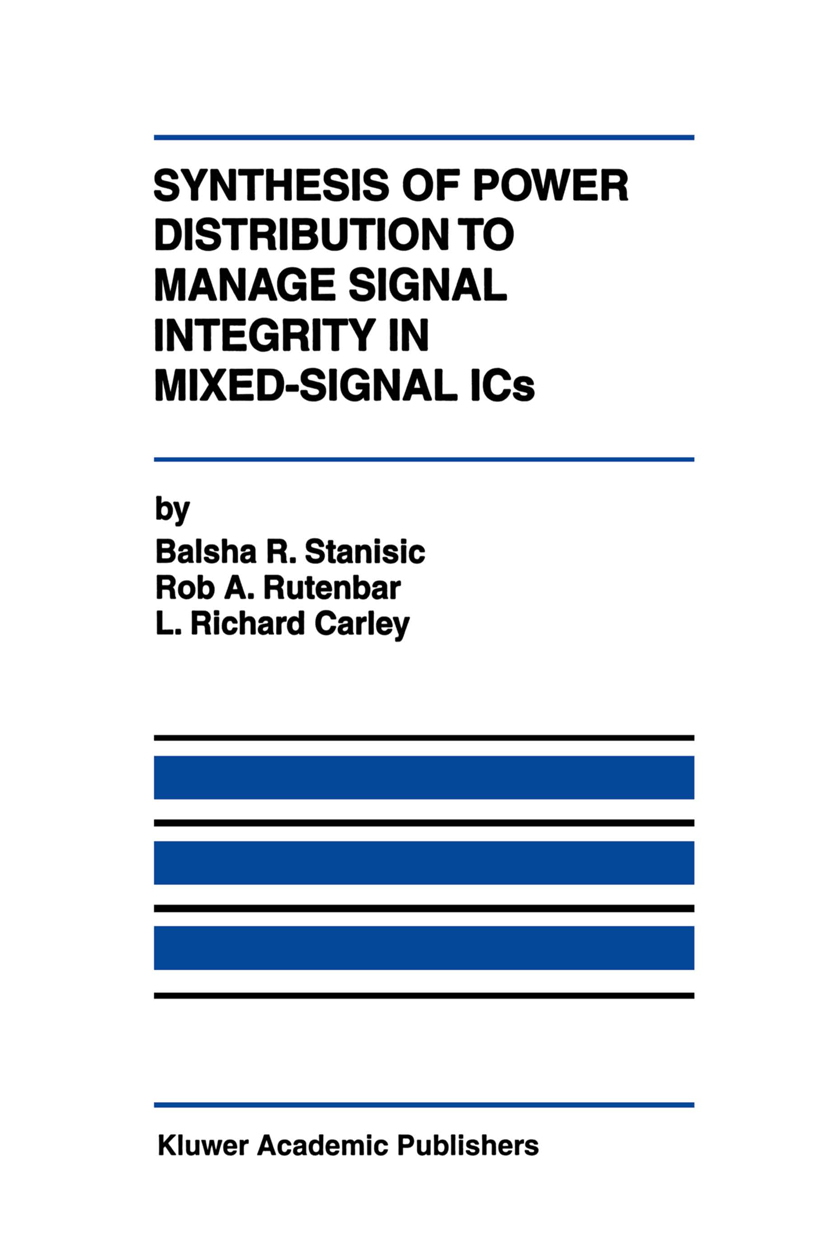
Synthesis of Power Distribution to Manage Signal Integrity in Mixed-Signal ICs In the early days of VLSI, the design of the power distribution for an integrated cir cuit was rather simple. Power distribution --the design of the geometric topology for the network of wires that connect the various power supplies, the widths of the indi vidual segments for each of these wires, the number and location of the power I/O pins around the periphery of the chip --was simple because the chips were simpler. Few available wiring layers forced floorplans that allowed simple, planar (non-over lapping) power networks. Lower speeds and circuit density made the choice of the wire widths easier: we made them just fat enough to avoid resistive voltage drops due to switching currents in the supply network. And we just didn't need enormous num bers of power and ground pins on the package for the chips to work. It's not so simple any more. Increased integration has forced us to focus on reliability concerns such as metal elec tromigration, which affects wire sizing decisions in the power network. Extra metal layers have allowed more flexibility in the topological layout of the power networks. TECHNOLOGY & ENGINEERING,Electronics,Circuits,General
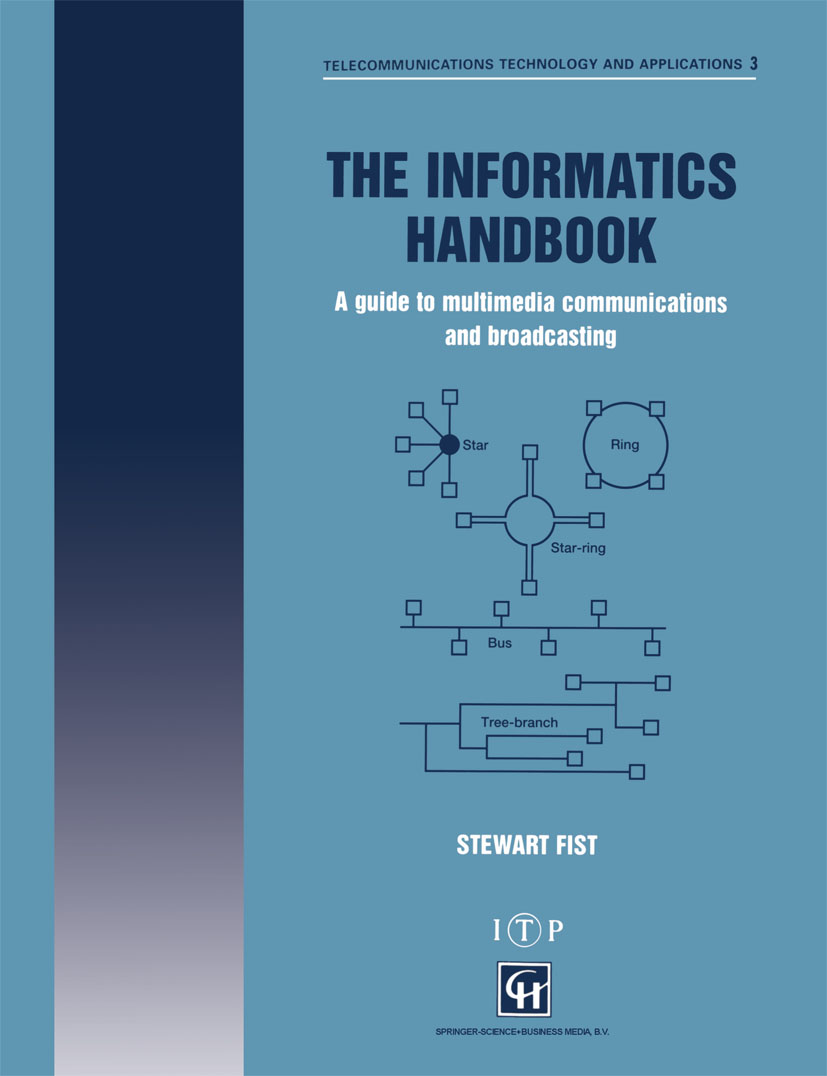
The Informatics Handbook T his is not a dictional)' - and nor is it an encyclopedia. It is a reference and compendium of useful information about the converging worlds of computers, communications, telecommunications and broadcasting. You could refer to it as a guide for the Information SuperHighway, but this would be pretentious. It aims to cover most of the more important terms and concepts in the developing discipline of Informatics - which, in my definition, includes the major converging technologies, and the associated social and cultural issues. Unlike a dictional)', this handbook makes no attempt to be 'prescriptive' in its definitions. Many of the words we use today in computing and communications only vaguely reflect their originations. And with such rapid change, older terms are often taken, twisted, inverted, and mangled, to the point where any attempt by me to lay down laws of meaning, would be meaningless. The information here is 'descriptive' - I am concerned with usage only. The headwords: T his book therefore contains key-words and explanations which have been culled from the current literature - from technical magazines, newspapers, the Internet, forums, etc. This is the living language as it is being used today - not a historical artifact of 1950s computer science. TECHNOLOGY & ENGINEERING,Electronics,Circuits,General
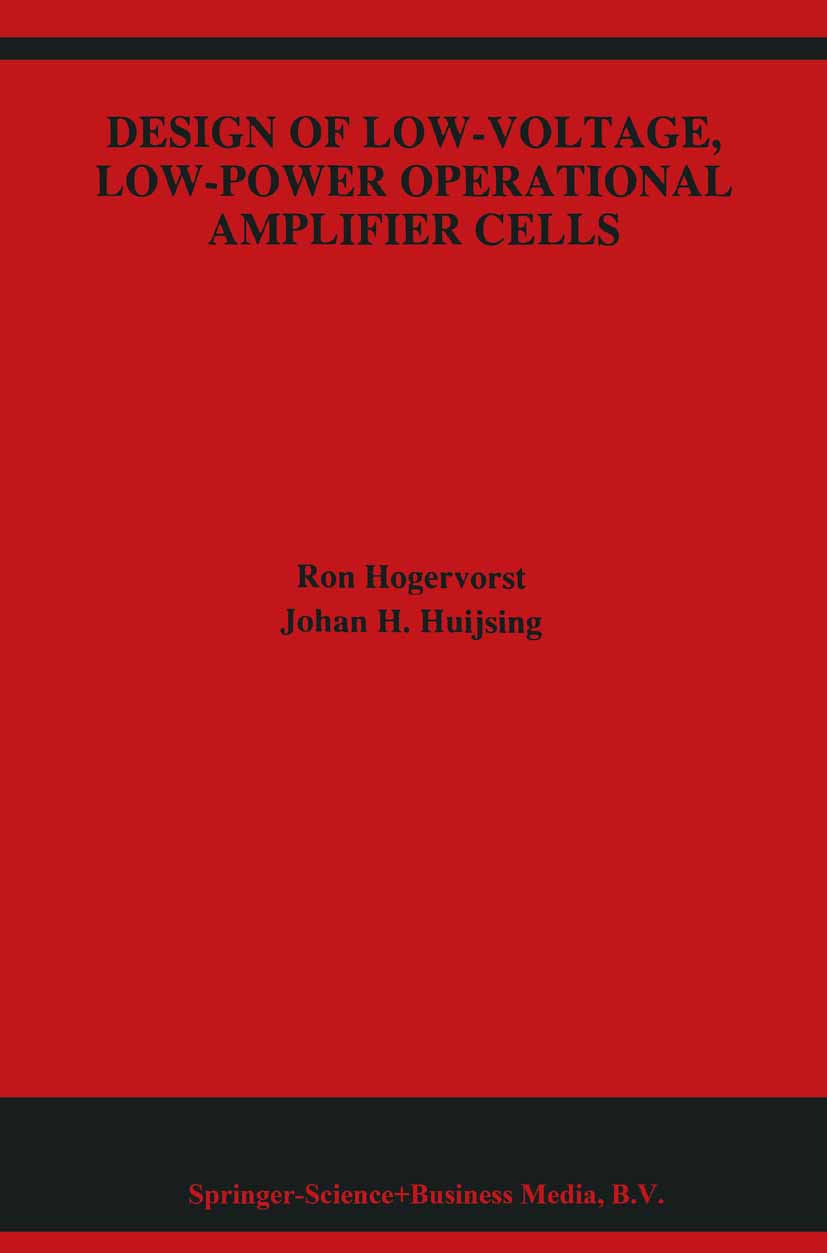
Design of Low-Voltage, Low-Power Operational Amplifier Cells Design of Low-Voltage, Low-Power CMOS Operational Amplifier Cells describes the theory and design of the circuit elements that are required to realize a low-voltage, low-power operational amplifier. These elements include constant-gm rail-to-rail input stages, class-AB rail-to-rail output stages and frequency compensation methods. Several examples of each of these circuit elements are investigated. Furthermore, the book illustrates several silicon realizations, giving their measurement results. The text focuses on compact low-voltage low-power operational amplifiers with good performance. Six simple high-performance class-AB amplifiers are realized using a very compact topology making them particularly suitable for use as VLSI library cells. All of the designs can use a supply voltage as low as 3V. One of the amplifier designs dissipates only 50µW with a unity gain frequency of 1.5 MHz. A second set of amplifiers run on a supply voltage slightly above 1V. The amplifiers combine a low power consumption with a gain of 120 dB. In addition, the design of three fully differential operational amplifiers is addressed. Design of Low-Voltage, Low-Power CMOS Operational Amplifier Cells is intended for professional designers of analog circuits. It is also suitable for use as a text book for an advanced course in CMOS operational amplifier design. TECHNOLOGY & ENGINEERING,Electronics,Circuits,General
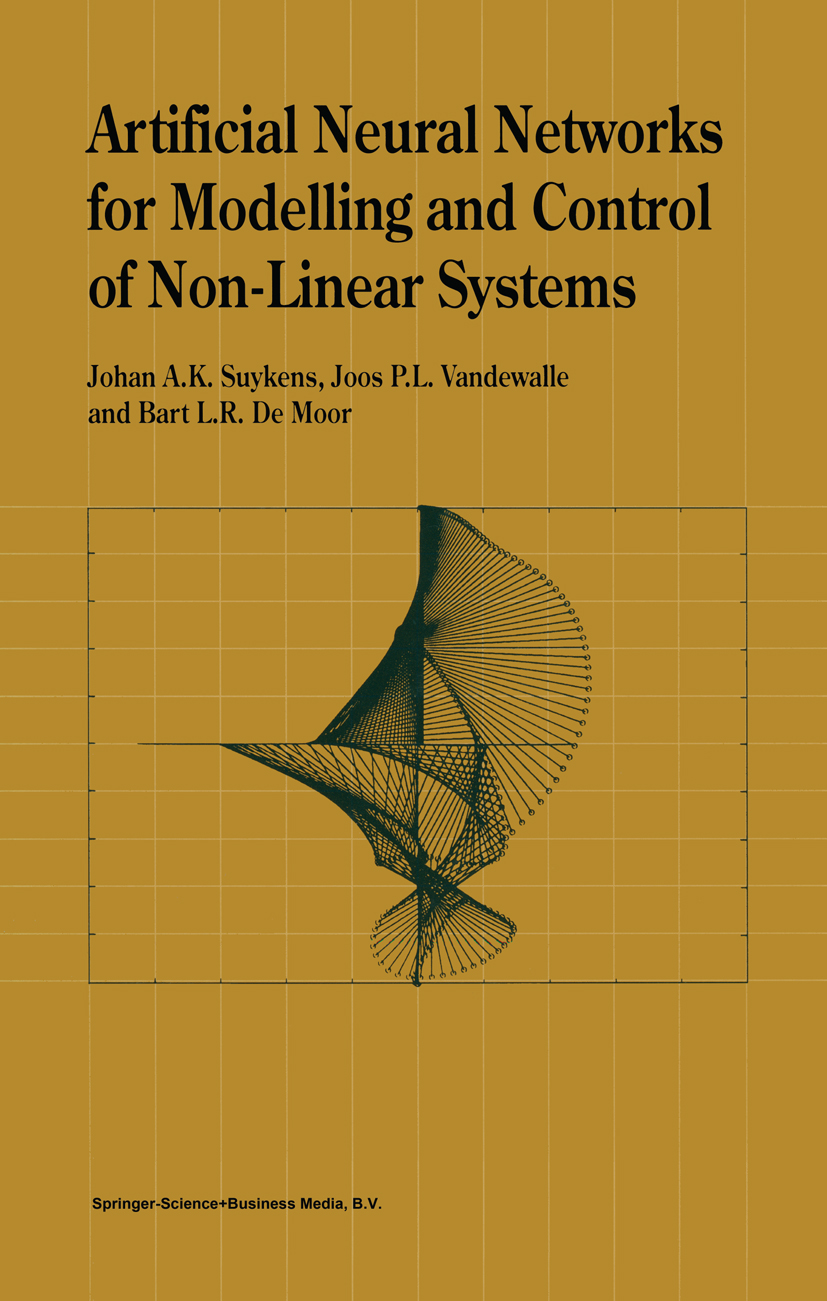
Artificial Neural Networks for Modelling and Control of Non-Linear Systems Artificial neural networks possess several properties that make them particularly attractive for applications to modelling and control of complex non-linear systems. Among these properties are their universal approximation ability, their parallel network structure and the availability of on- and off-line learning methods for the interconnection weights. However, dynamic models that contain neural network architectures might be highly non-linear and difficult to analyse as a result. Artificial Neural Networks for Modelling and Control of Non-Linear Systems investigates the subject from a system theoretical point of view. However the mathematical theory that is required from the reader is limited to matrix calculus, basic analysis, differential equations and basic linear system theory. No preliminary knowledge of neural networks is explicitly required. The book presents both classical and novel network architectures and learning algorithms for modelling and control. Topics include non-linear system identification, neural optimal control, top-down model based neural control design and stability analysis of neural control systems. A major contribution of this book is to introduce NLq Theory as an extension towards modern control theory, in order to analyze and synthesize non-linear systems that contain linear together with static non-linear operators that satisfy a sector condition: neural state space control systems are an example. Moreover, it turns out that NLq Theory is unifying with respect to many problems arising in neural networks, systems and control. Examples show that complex non-linear systems can be modelled and controlled within NLq theory, including mastering chaos. The didactic flavor of this book makes it suitable for use as a text for a course on Neural Networks. In addition, researchers and designers will find many important new techniques, in particular NLq Theory, that have applications in control theory, system theory, circuit theory and Time Series Analysis. TECHNOLOGY & ENGINEERING,Electronics,Circuits,General
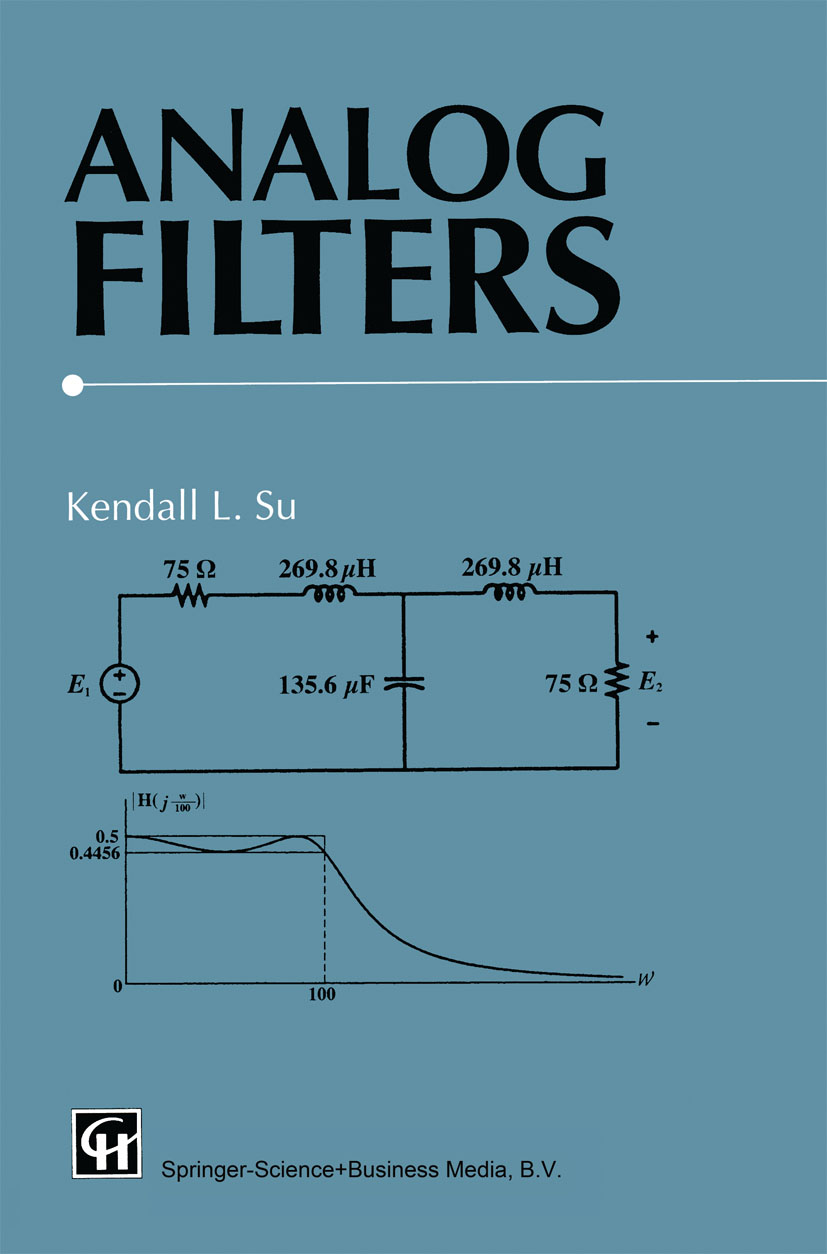
Analog Filters Analog filters are commonly used in areas such as electronics, communications, controls and signal processing. It is desirable for engineers and students in these areas to have a sound understanding of basic filter theory. This book is intended to be an intermediate level treatise of this subject. It can be used either as a textbook in a course at either the undergraduate or graduate level, or as a reference for engineers who find it useful to have an introductory knowlege or a general overview of analog filters. It introduces the theory behind filter development and the design techniques commonly used in practice, including the application of standard software packages. Extensive use is made of MATLAB for examples and problem sets, allowing readers to acquire familiarity with the methods for designing filters with a modern software tool. TECHNOLOGY & ENGINEERING,Electronics,Circuits,General
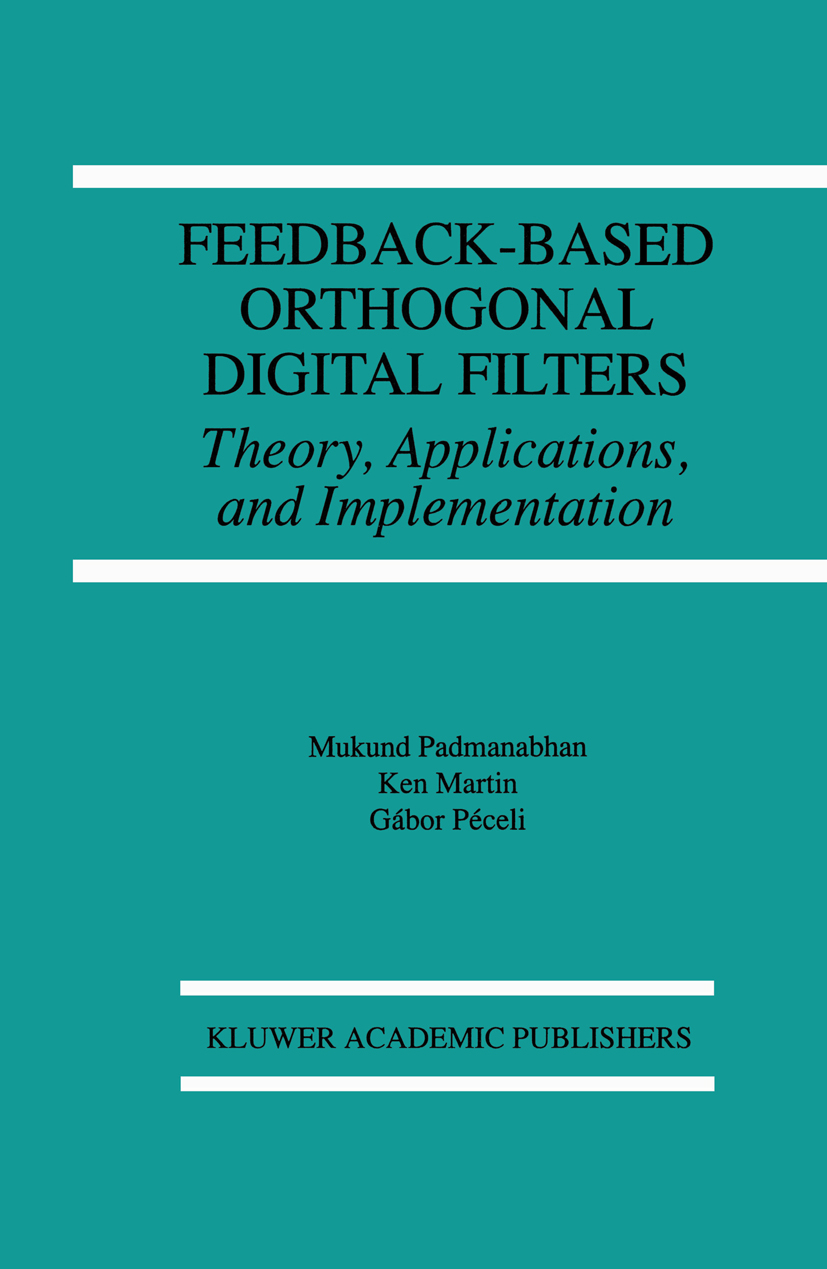
Feedback-Based Orthogonal Digital Filters Feedback-Based Orthogonal Digital Filters: Theory, Applications, and Implementation develops the theory of a feedback-based orthogonal digital filter and examines several applications where the filter topology leads to a simple and efficient solution. The development of the filter structure is linked to concepts in observer theory. Several signal processing problems can be represented as estimation problems, where a parametric representation of the input is used, to try and replicate it locally. This estimation problem can be solved using an identity observer, and the filter topology falls in this framework. Hence the filter topology represents a universal building block that can find application in several problems, such as spectral estimation, time-recursive computation of transforms, etc. Further, because of the orthogonality constraints satisfied by the structure, it also represents a robust solution under finite precision conditions. The book also presents the observer-based viewpoint of several signal processing problems, and shows that problems that are typically treated independently in the literature are in fact linked and can be cast in a single unified framework. In addition to examining the theoretical issues, the book describes practical issues related to a hardware implementation of the building block, in both the digital and analog domain. On the digital side, issues relating to implementation using semi-custom chips (FPGA's), and ASIC design are examined. On the analog side, the design and testing of a fabricated chip, that functions as a multi-sinusoidal phase-locked-loop, are described. Feedback-Based Orthogonal Digital Filters serves as an excellent reference. May be used as a text for advanced courses on the subject. TECHNOLOGY & ENGINEERING,Electronics,Circuits,General
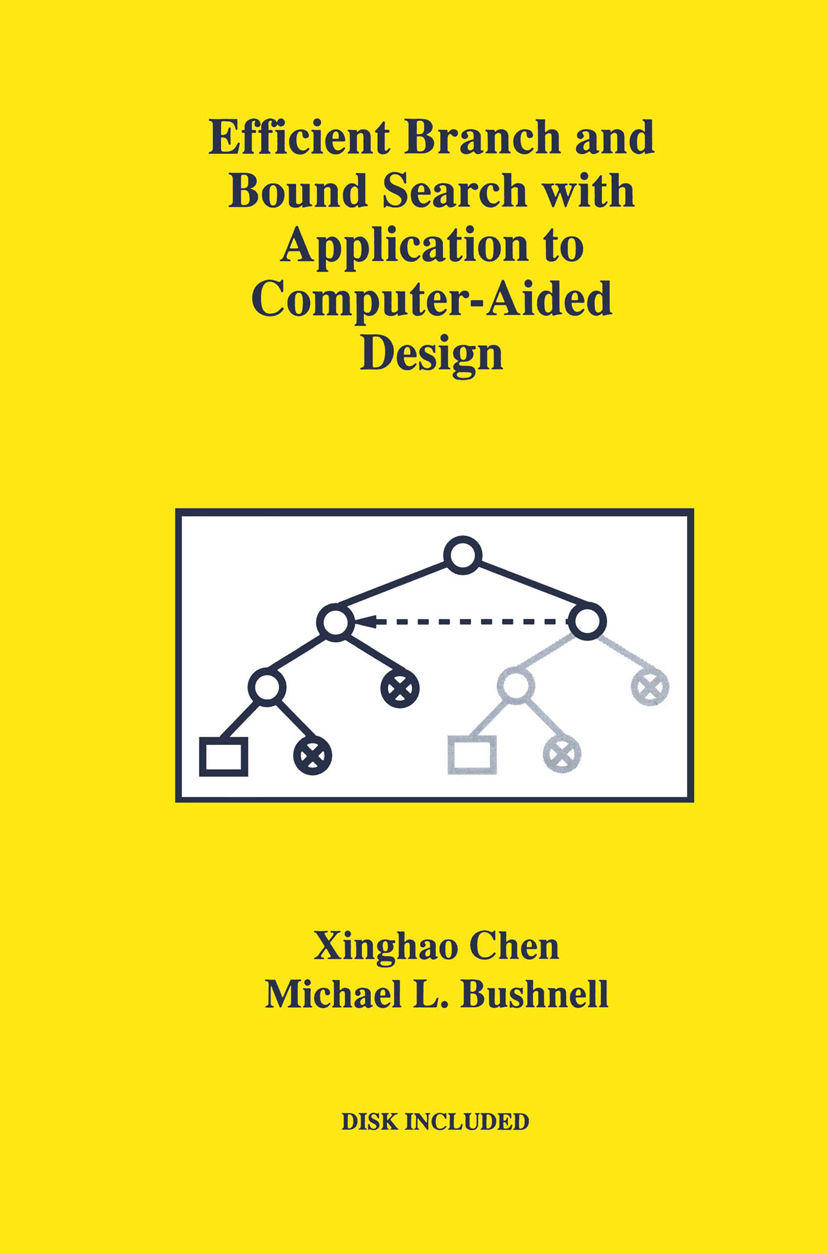
Efficient Branch and Bound Search with Application to Computer-Aided Design Branch-and-bound search has been known for a long time and has been widely used in solving a variety of problems in computer-aided design (CAD) and many important optimization problems. In many applications, the classic branch-and-bound search methods perform duplications of computations, or rely on the search decision trees which keep track of the branch-and-bound search processes. In CAD and many other technical fields, the computational cost of constructing branch-and-bound search decision trees in solving large scale problems is prohibitive and duplications of computations are intolerable. Efficient branch-and-bound methods are needed to deal with today's computational challenges. Efficient branch-and-bound methods must not duplicate computations. Efficient Branch and Bound Search with Application to Computer-Aided Design describes an efficient branch-and-bound method for logic justification, which is fundamental to automatic test pattern generation (ATPG), redundancy identification, logic synthesis, minimization, verification, and other problems in CAD. The method is called justification equivalence, based on the observation that justification processes may share identical subsequent search decision sequences. With justification equivalence, duplication of computations is avoided in the dynamic branch-and-bound search process without using search decision trees. Efficient Branch and Bound Search with Application to Computer-Aided Design consists of two parts. The first part, containing the first three chapters, provides the theoretical work. The second part deals with applications, particularly ATPG for sequential circuits. This book is particularly useful to readers who are interested in the design and test of digital circuits. TECHNOLOGY & ENGINEERING,Electronics,Circuits,General
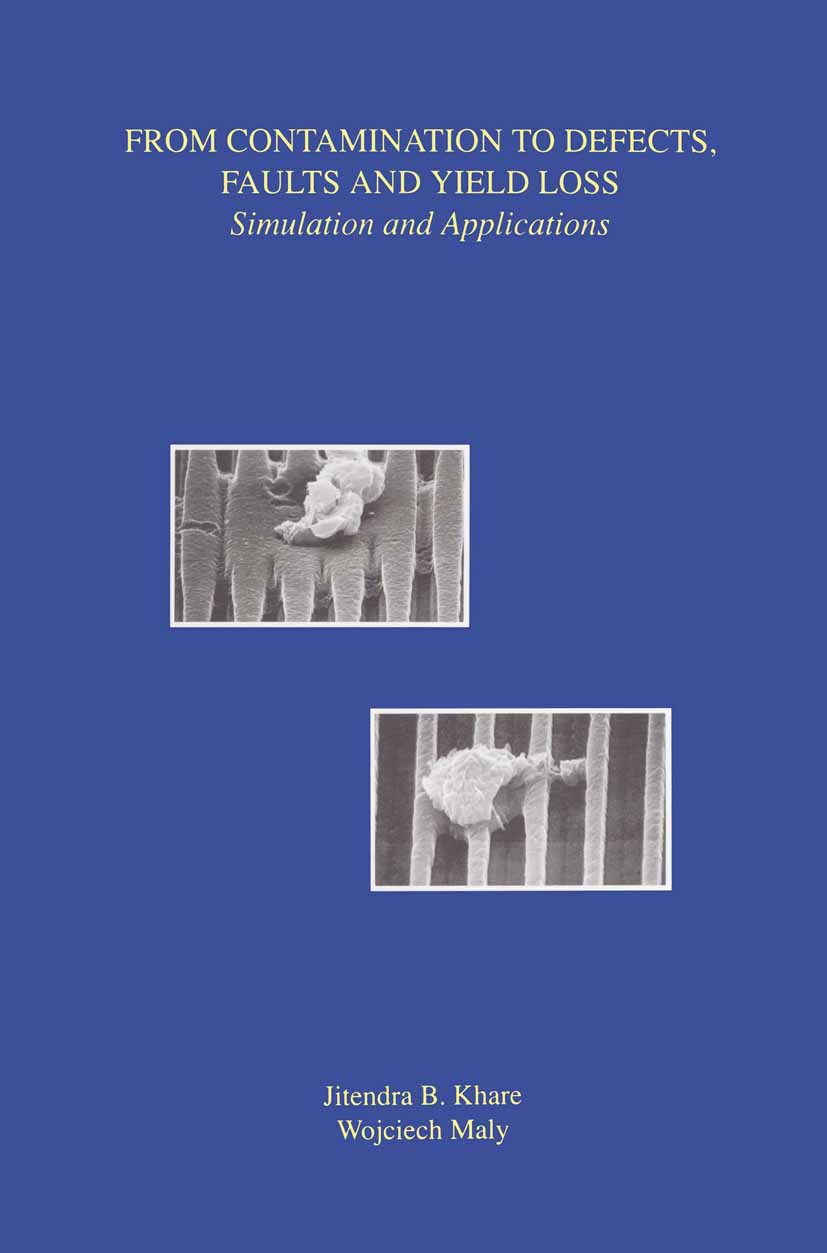
From Contamination to Defects, Faults and Yield Loss Over the years there has been a large increase in the functionality available on a single integrated circuit. This has been mainly achieved by a continuous drive towards smaller feature sizes, larger dies, and better packing efficiency. However, this greater functionality has also resulted in substantial increases in the capital investment needed to build fabrication facilities. Given such a high level of investment, it is critical for IC manufacturers to reduce manufacturing costs and get a better return on their investment. The most obvious method of reducing the manufacturing cost per die is to improve manufacturing yield. Modern VLSI research and engineering (which includes design manufacturing and testing) encompasses a very broad range of disciplines such as chemistry, physics, material science, circuit design, mathematics and computer science. Due to this diversity, the VLSI arena has become fractured into a number of separate sub-domains with little or no interaction between them. This is the case with the relationships between testing and manufacturing. From Contamination to Defects, Faults and Yield Loss: Simulation and Applications focuses on the core of the interface between manufacturing and testing, i.e., the contamination-defect-fault relationship. The understanding of this relationship can lead to better solutions of many manufacturing and testing problems. Failure mechanism models are developed and presented which can be used to accurately estimate probability of different failures for a given IC. This information is critical in solving key yield-related applications such as failure analysis, fault modeling and design manufacturing. TECHNOLOGY & ENGINEERING,Electronics,Circuits,General
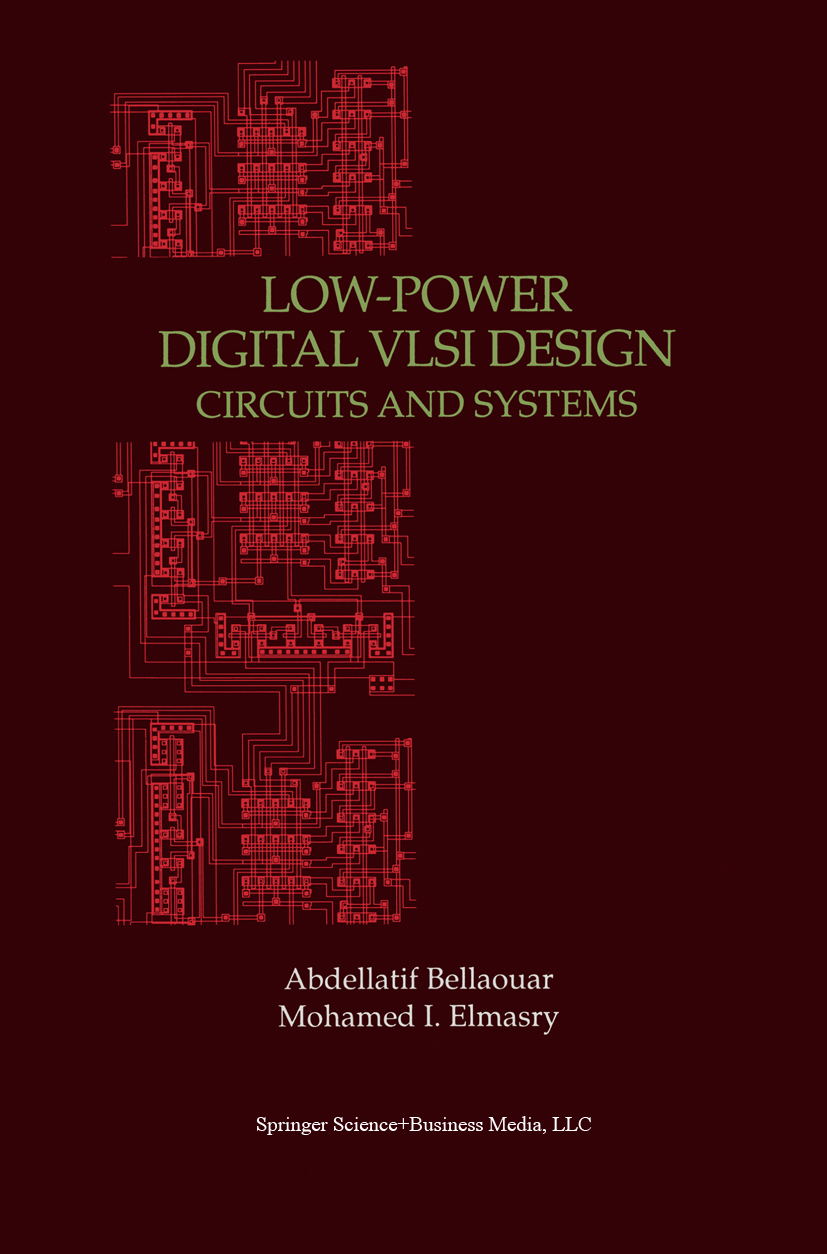
Low-Power Digital VLSI Design Low-Power Digital VLSI Design: Circuits and Systems addresses both process technologies and device modeling. Power dissipation in CMOS circuits, several practical circuit examples, and low-power techniques are discussed. Low-voltage issues for digital CMOS and BiCMOS circuits are emphasized. The book also provides an extensive study of advanced CMOS subsystem design. A low-power design methodology is presented with various power minimization techniques at the circuit, logic, architecture and algorithm levels. Features: Low-voltage CMOS device modeling, technology files, design rules Switching activity concept, low-power guidelines to engineering practice Pass-transistor logic families Power dissipation of I/O circuits Multi- and low-VT CMOS logic, static power reduction circuit techniques State of the art design of low-voltage BiCMOS and CMOS circuits Low-power techniques in CMOS SRAMS and DRAMS Low-power on-chip voltage down converter design Numerous advanced CMOS subsystems (e.g. adders, multipliers, data path, memories, regular structures, phase-locked loops) with several design options trading power, delay and area Low-power design methodology, power estimation techniques Power reduction techniques at the logic, architecture and algorithm levels More than 190 circuits explained at the transistor level. TECHNOLOGY & ENGINEERING,Electronics,Circuits,General
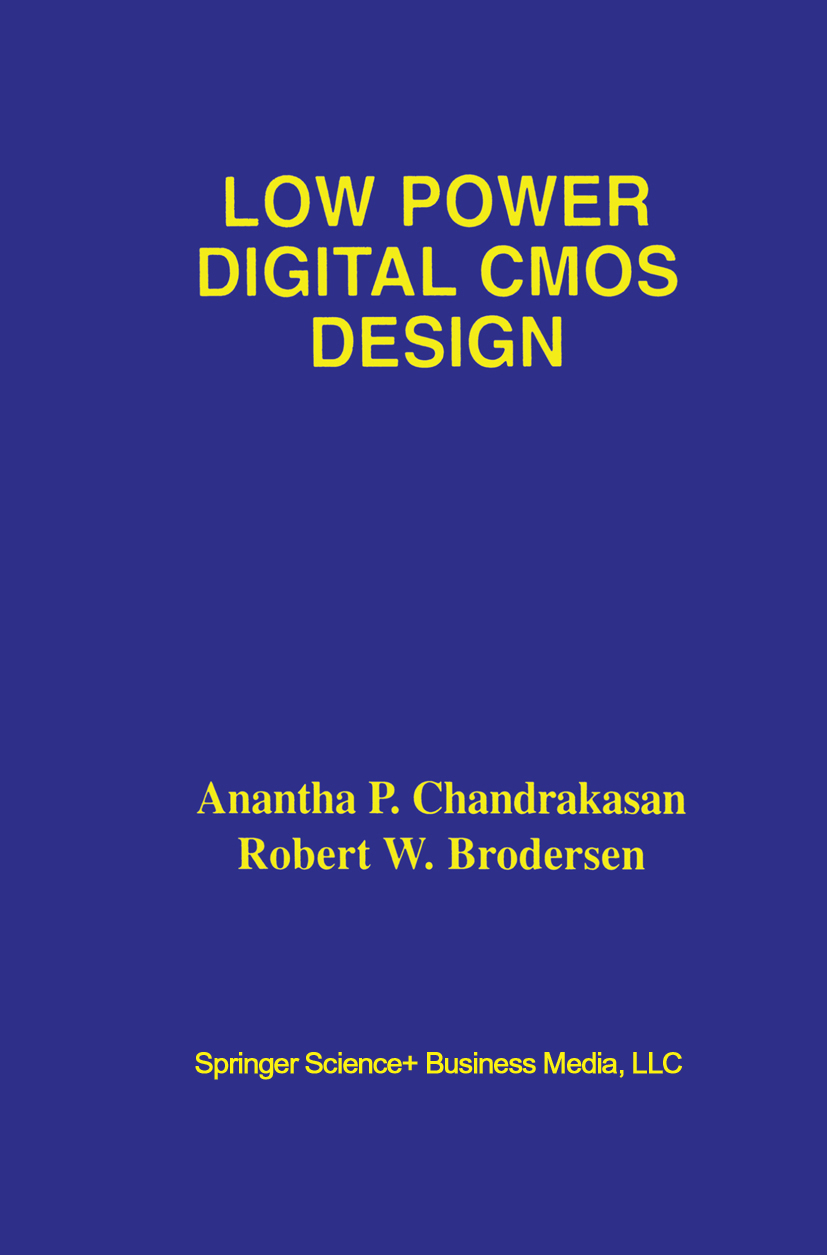
Low Power Digital CMOS Design Power consumption has become a major design consideration for battery-operated, portable systems as well as high-performance, desktop systems. Strict limitations on power dissipation must be met by the designer while still meeting ever higher computational requirements. A comprehensive approach is thus required at all levels of system design, ranging from algorithms and architectures to the logic styles and the underlying technology. Potentially one of the most important techniques involves combining architecture optimization with voltage scaling, allowing a trade-off between silicon area and low-power operation. Architectural optimization enables supply voltages of the order of 1 V using standard CMOS technology. Several techniques can also be used to minimize the switched capacitance, including representation, optimizing signal correlations, minimizing spurious transitions, optimizing sequencing of operations, activity-driven power down, etc. The high- efficiency of DC-DC converter circuitry required for efficient, low-voltage and low-current level operation is described by Stratakos, Sullivan and Sanders. The application of various low-power techniques to a chip set for multimedia applications shows that orders-of-magnitude reduction in power consumption is possible. The book also features an analysis by Professor Meindl of the fundamental limits of power consumption achievable at all levels of the design hierarchy. Svensson, of ISI, describes emerging adiabatic switching techniques that can break the CV2f barrier and reduce the energy per computation at a fixed voltage. Srivastava, of AT&T, presents the application of aggressive shut-down techniques to microprocessor applications. TECHNOLOGY & ENGINEERING,Electronics,Circuits,General
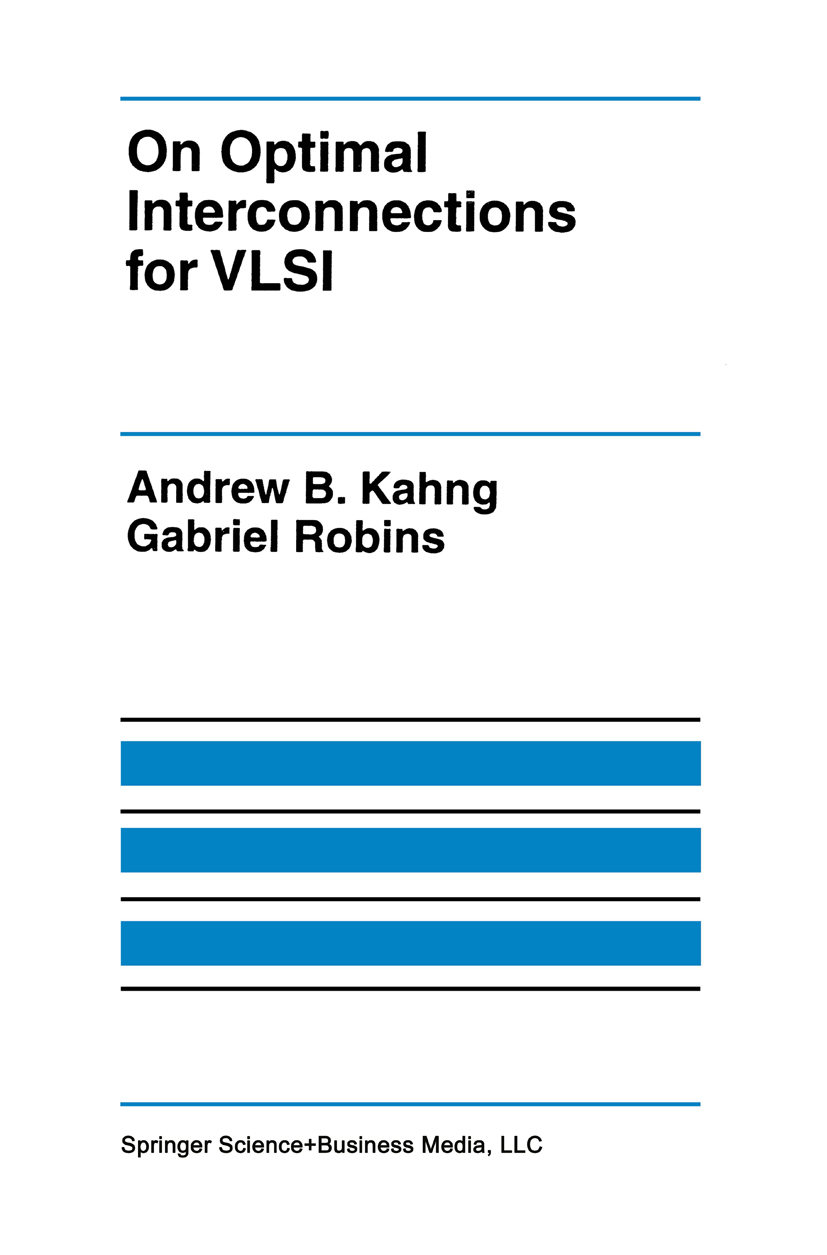
On Optimal Interconnections for VLSI On Optimal Interconnections for VLSI describes, from a geometric perspective, algorithms for high-performance, high-density interconnections during the global and detailed routing phases of circuit layout. First, the book addresses area minimization, with a focus on near-optimal approximation algorithms for minimum-cost Steiner routing. In addition to practical implementations of recent methods, the implications of recent results on spanning tree degree bounds and the method of Zelikovsky are discussed. Second, the book addresses delay minimization, starting with a discussion of accurate, yet algorithmically tractable, delay models. Recent minimum-delay constructions are highlighted, including provably good cost-radius tradeoffs, critical-sink routing algorithms, Elmore delay-optimal routing, graph Steiner arborescences, non-tree routing, and wiresizing. Third, the book addresses skew minimization for clock routing and prescribed-delay routing formulations. The discussion starts with early matching-based constructions and goes on to treat zero-skew routing with provably minimum wirelength, as well as planar clock routing. Finally, the book concludes with a discussion of multiple (competing) objectives, i.e., how to optimize area, delay, skew, and other objectives simultaneously. These techniques are useful when the routing instance has heterogeneous resources or is highly congested, as in FPGA routing, multi-chip packaging, and very dense layouts. Throughout the book, the emphasis is on practical algorithms and a complete self-contained development. On Optimal Interconnections for VLSI will be of use to both circuit designers (CAD tool users) as well as researchers and developers in the area of performance-driven physical design. TECHNOLOGY & ENGINEERING,Electronics,Circuits,General
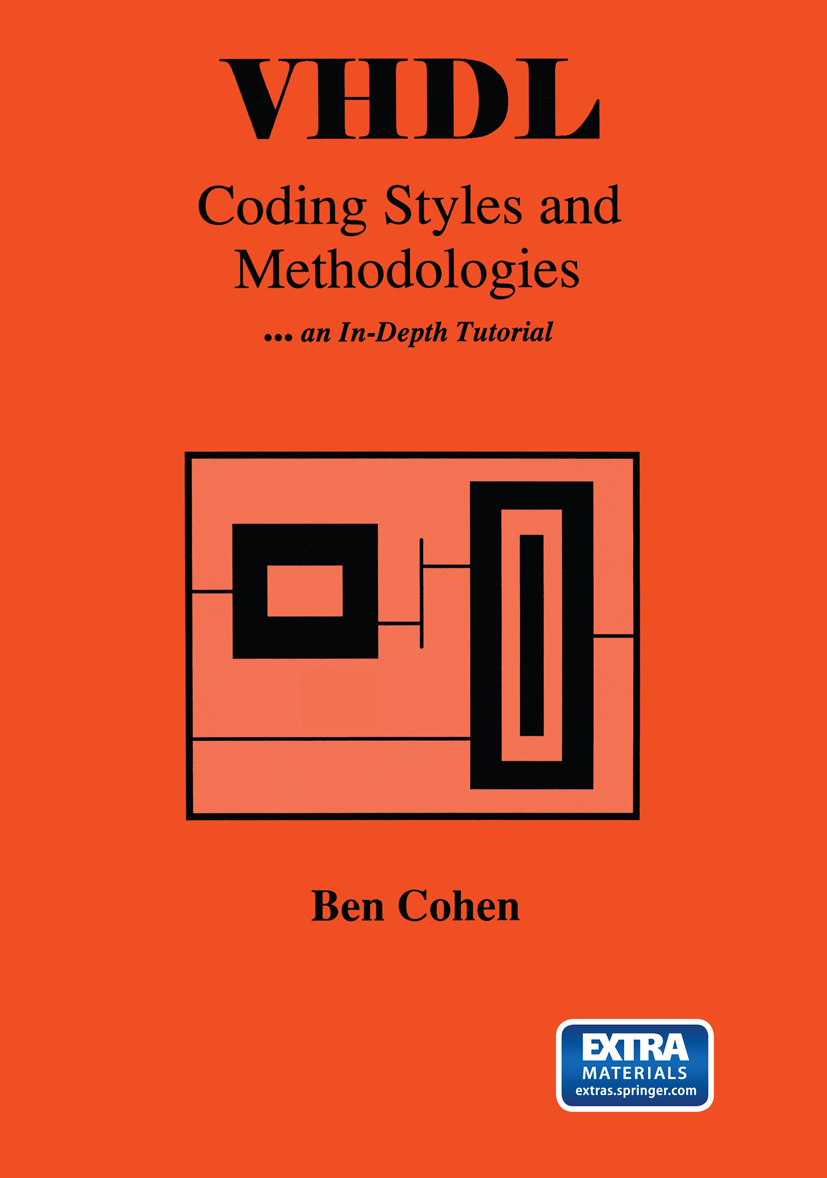
VHDL Coding Styles and Methodologies VHDL Coding Styles and Methodologies was originally written as a teaching tool for a VHDL training course. The author began writing the book because he could not find a practical and easy to read book that gave in depth coverage of both, the language and coding methodologies. This book is intended for: 1. College students. It is organized in 13 chapters, each covering a separate aspect of the language, with complete examples. All VHDL code described in the book is on a companion 3.5" PC disk. Students can compile and simulate the examples to get a greater understanding of the language. Each chapter includes a series of exercises to reinforce the concepts. 2. Engineers. It is written by an aerospace engineer who has 26 years of hardware, software, computer architecture and simulation experience. It covers practical applications ofVHDL with coding styles and methodologies that represent what is current in the industry. VHDL synthesizable constructs are identified. Guidelines for testbench designs are provided. Also included is a project for the design of a synthesizable Universal Asynchronous Receiver Transmitter (UART), and a testbench to verify proper operation of the UART in a realistic environment, with CPU interfaces and transmission line jitter. An introduction to VHDL Initiative Toward ASIC Libraries (VITAL) is also provided. The book emphasizes VHDL 1987 standard but provides guidelines for features implemented in VHDL 1993. TECHNOLOGY & ENGINEERING,Electronics,Circuits,General

Nonlinear Systems Nonlinear Systems is divided into three volumes. The first deals with modeling and estimation, the second with stability and stabilization and the third with control. This three-volume set provides the most comprehensive and detailed reference available on nonlinear systems. Written by a group of leading experts in the field, drawn from industry, government and academic institutions, it provides a solid theoretical basis on nonlinear control methods as well as practical examples and advice for engineers, teachers and researchers working with nonlinear systems. Each book focuses on the applicability of the concepts introduced and keeps the level of mathematics to a minimum. Simulations and industrial examples drawn from aerospace as well as mechanical, electrical and chemical engineering are given throughout. TECHNOLOGY & ENGINEERING,Electronics,Circuits,General
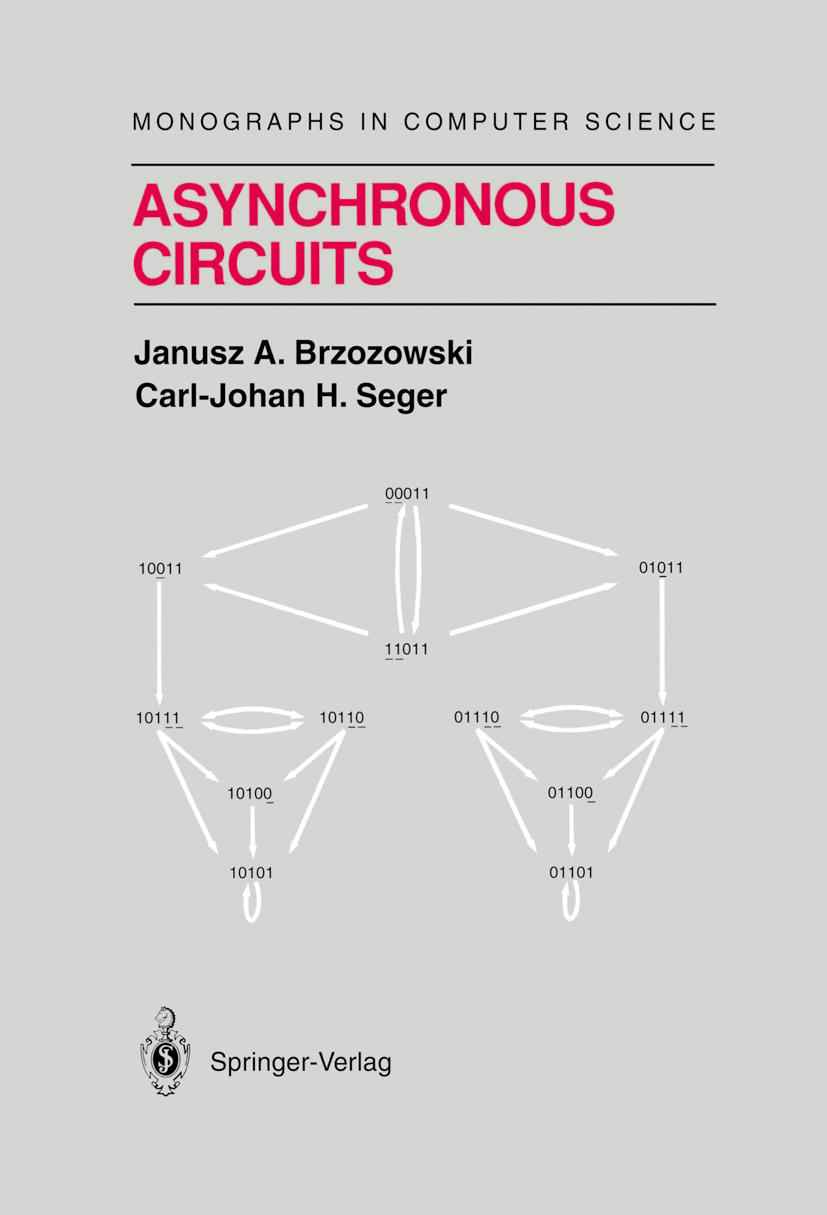
Asynchronous Circuits Although asynchronous circuits date back to the early 1950s most of the digital circuits in use today are synchronous because, traditionally, asynchronous circuits have been viewed as difficult to understand and design. In recent years, however, there has been a great surge of interest in asynchronous circuits, largely through the development of new asynchronous design methodologies. This book provides a comprehensive theory of asynchronous circuits, including modelling, analysis, simulation, specification, verification, and an introduction to their design. It is based on courses given to graduate students and will be suitable for computer scientists and engineers involved in the research and development of asynchronous designs. TECHNOLOGY & ENGINEERING,Electronics,Circuits,General
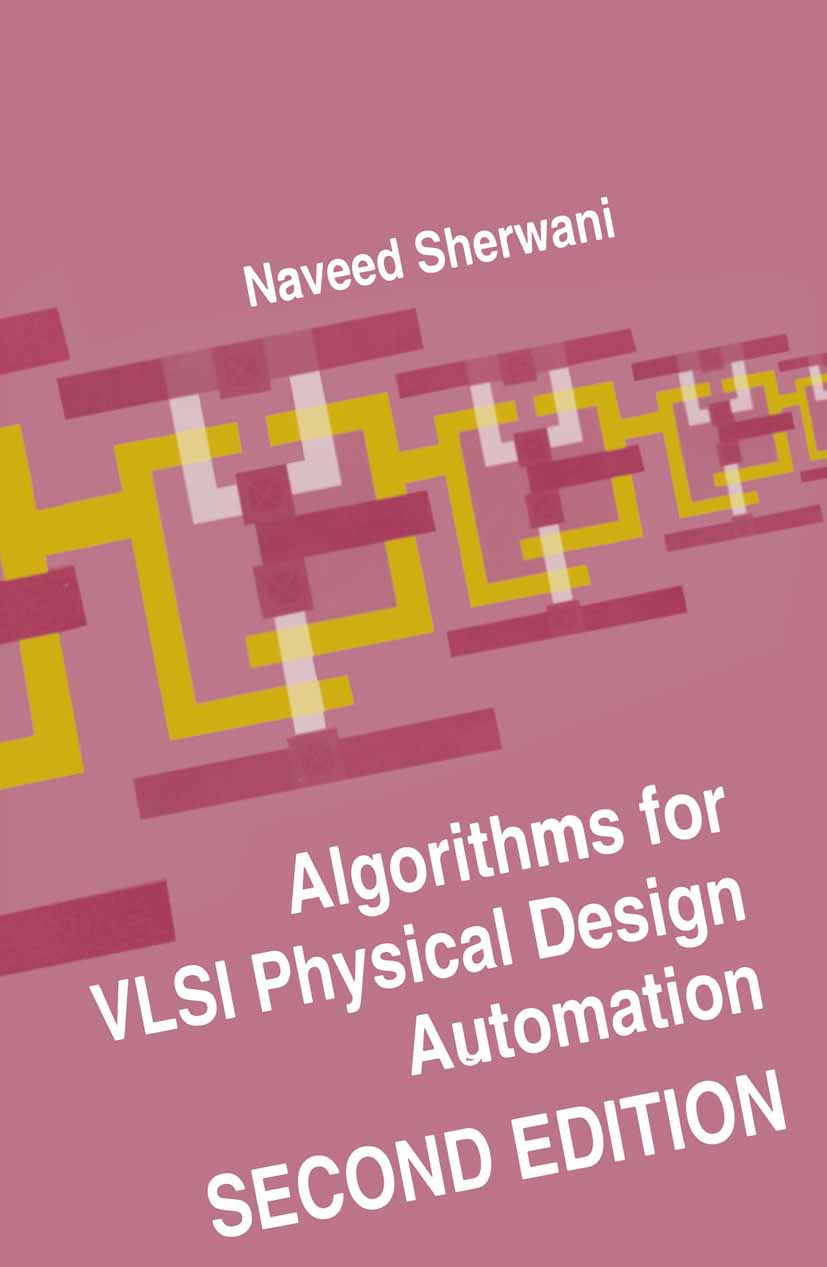
Algorithms for VLSI Physical Design Automation Algorithms for VLSI Physical Design Automation, Second Edition is a core reference text for graduate students and CAD professionals. Based on the very successful First Edition, it provides a comprehensive treatment of the principles and algorithms of VLSI physical design, presenting the concepts and algorithms in an intuitive manner. Each chapter contains 3-4 algorithms that are discussed in detail. Additional algorithms are presented in a somewhat shorter format. References to advanced algorithms are presented at the end of each chapter. Algorithms for VLSI Physical Design Automation covers all aspects of physical design. In 1992, when the First Edition was published, the largest available microprocessor had one million transistors and was fabricated using three metal layers. Now we process with six metal layers, fabricating 15 million transistors on a chip. Designs are moving to the 500-700 MHz frequency goal. These stunning developments have significantly altered the VLSI field: over-the-cell routing and early floorplanning have come to occupy a central place in the physical design flow. This Second Edition introduces a realistic picture to the reader, exposing the concerns facing the VLSI industry, while maintaining the theoretical flavor of the First Edition. New material has been added to all chapters, new sections have been added to most chapters, and a few chapters have been completely rewritten. The textual material is supplemented and clarified by many helpful figures. Audience: An invaluable reference for professionals in layout, design automation and physical design. TECHNOLOGY & ENGINEERING,Electronics,Circuits,General
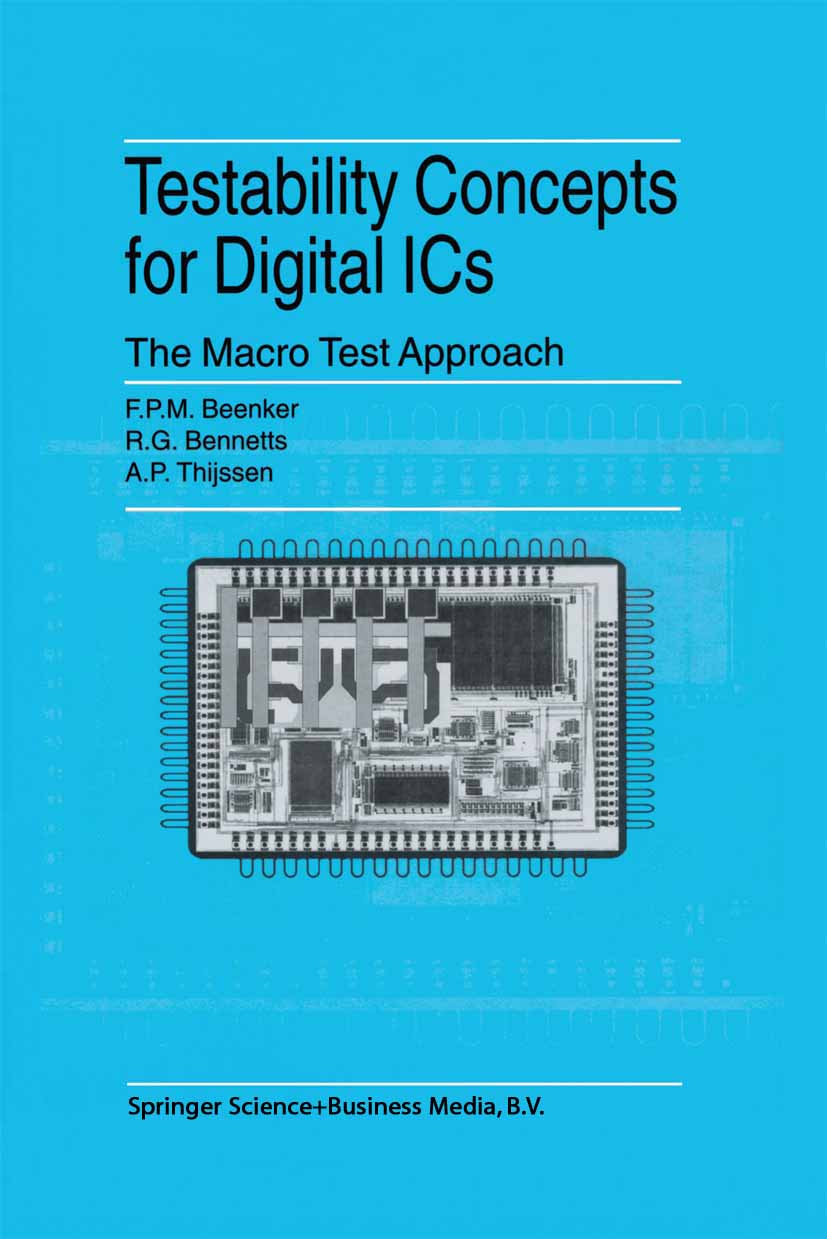
Testability Concepts for Digital ICs Preface Testing Integrated Circuits for manufacturing defects includes four basic disciplines. First of all an understanding of the origin and behaviour of defects. Secondly, knowledge of IC design and IC design styles. Thirdly, knowledge of how to create a test program for an IC which is targeted on detecting these defects, and finally, understanding of the hardware, Automatic Test Equipment, to run the test on. All four items have to be treated, managed, and to a great extent integrated before the term 'IC quality' gets a certain meaning and a test a certain measurable value. The contents of this book reflects our activities on testability concepts for complex digital ICs as performed at Philips Research Laboratories in Eindhoven, The Netherlands. Based on the statements above, we have worked along a long term plan, which was based on four pillars. 1. The definition of a test methodology suitable for 'future' IC design styles, 2. capable of handling improved defect models, 3. supported by software tools, and 4. providing an easy link to Automatic Test Equipment. The reasoning we have followed was continuously focused on IC qUality. Quality expressed in terms of the ability of delivering a customer a device with no residual manufacturing defects. Bad devices should not escape a test. The basis of IC quality is a thorough understanding of defects and defect models. TECHNOLOGY & ENGINEERING,Electronics,Circuits,General
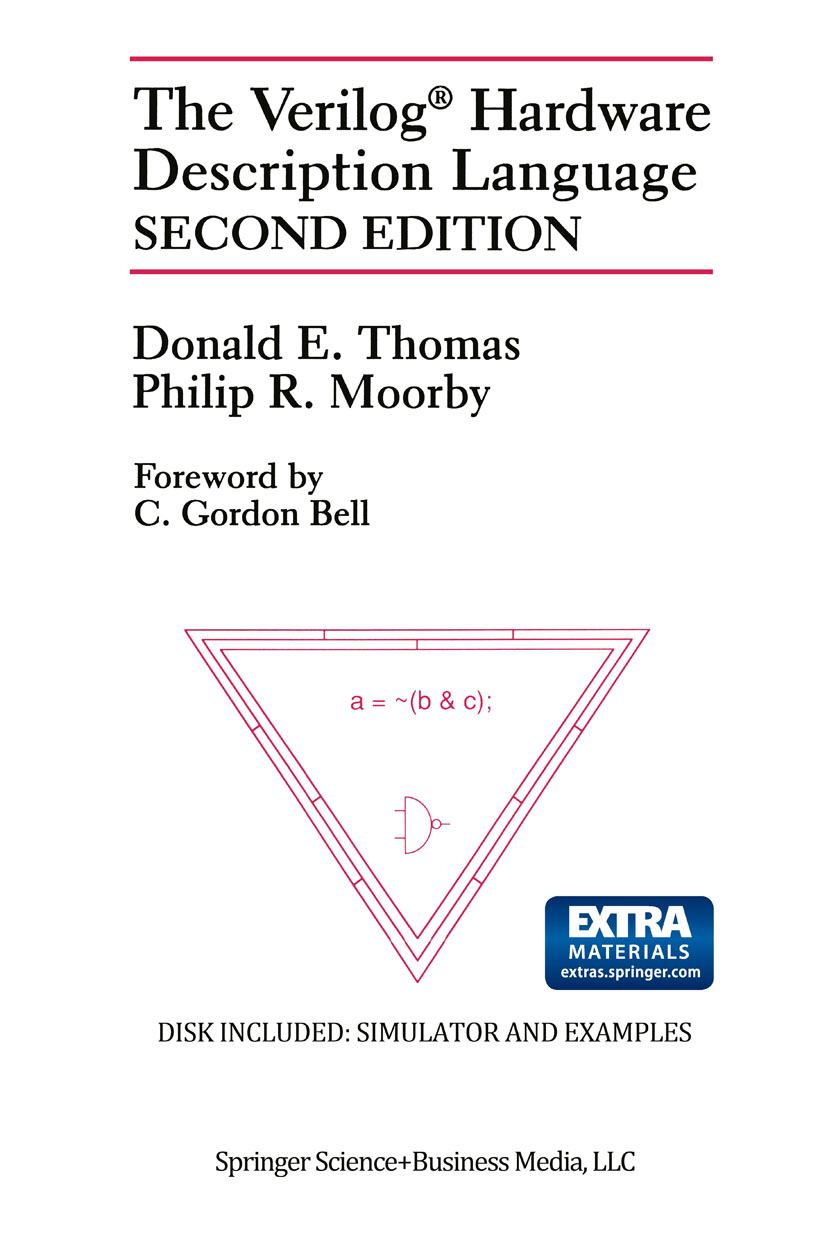
The Verilog® Hardware Description Language Why learn and use Verilog if you're a student, beginning designer, or leading edge systems designer? The naive would ignore Verilog and "standardize" by using VHDL, the result of a decade-long committee design process. A single language for the whole world would appear to: ease the training of designers and others who use descriptions, increase tool competition to lower costs, and increase design sharing and library usage. Further, the U. S. Department of Defense (DOD) mandated its use for design description Mandated standards rarely are best, and often not very good. Competition is good because it encourages rapid evolution. Also, we know that evolved, de facto standards embodied in a time-tested product based on initial conceptual clarity from one person or organization versus de jure standards coming from large committees or government mandates are often preferred. A standard must be "open" so that many others can use it, build on it, and compete to make it better. One only has to compare: C, C++, and FORTRAN versus ADA (DOD's mandated language), PLl; TCP/IP versus OSI; the Intel X86 or PowerPC microprocessors versus DOD's many architectures; Windows versus the many UNIX dialects; and various industry buses versus DOD's Futurebus. Verilog, introduced in 1985, was developed by one person, Phil Moorby at Gate way Design Automation. It was Phil's third commercial logic simulator. TECHNOLOGY & ENGINEERING,Electronics,Circuits,General

Yield and Variability Optimization of Integrated Circuits Traditionally, Computer Aided Design (CAD) tools have been used to create the nominal design of an integrated circuit (IC), such that the circuit nominal response meets the desired performance specifications. In reality, however, due to the disturbances ofthe IC manufacturing process, the actual performancesof the mass produced chips are different than those for the nominal design. Even if the manufacturing process were tightly controlled, so that there were little variations across the chips manufactured, the environmentalchanges (e. g. those oftemperature, supply voltages, etc. ) would alsomakethe circuit performances vary during the circuit life span. Process-related performance variations may lead to low manufacturing yield, and unacceptable product quality. For these reasons, statistical circuit design techniques are required to design the circuit parameters, taking the statistical process variations into account. This book deals with some theoretical and practical aspects of IC statistical design, and emphasizes how they differ from those for discrete circuits. It de scribes a spectrum of different statistical design problems, such as parametric yield optimization, generalized on-target design, variability minimization, per formance tunning, and worst-case design. The main emphasis of the presen tation is placed on the principles and practical solutions for performance vari ability minimization. It is hoped that the book may serve as an introductory reference material for various groups of IC designers, and the methodologies described will help them enhance the circuit quality and manufacturability. The book containsseven chapters. TECHNOLOGY & ENGINEERING,Electronics,Circuits,General
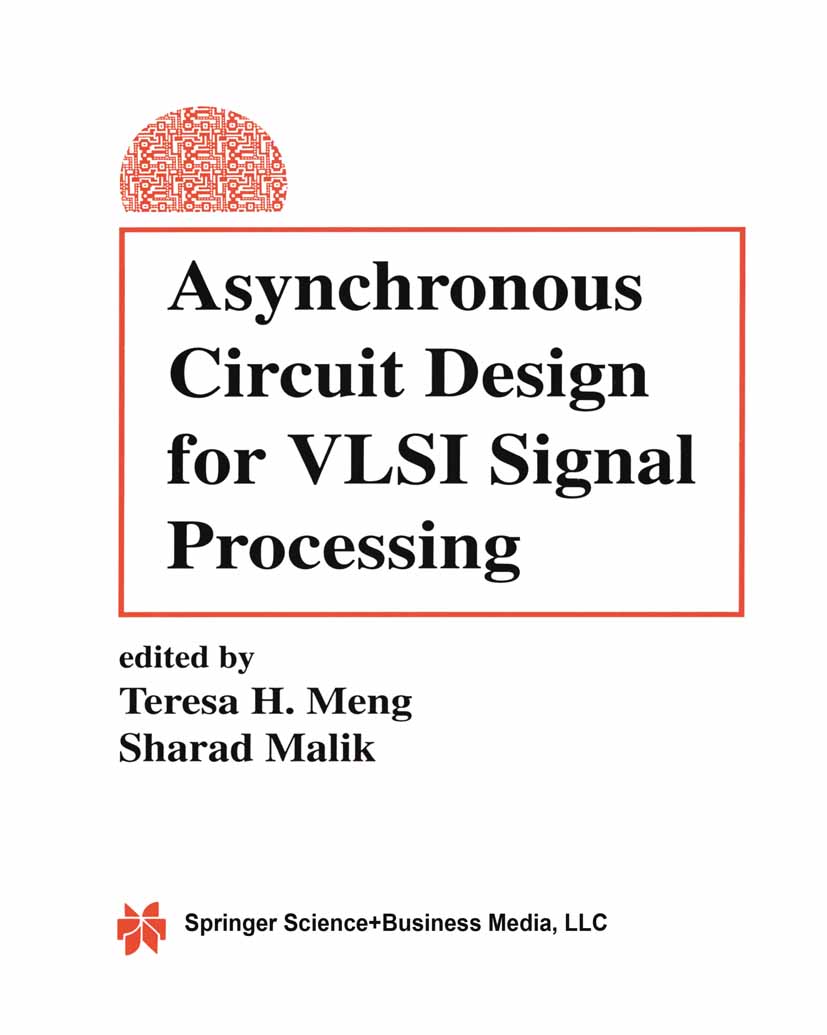
Asynchronous Circuit Design for VLSI Signal Processing Asynchronous Circuit Design for VLSI Signal Processing is a collection of research papers on recent advances in the area of specification, design and analysis of asynchronous circuits and systems. This interest in designing digital computing systems without a global clock is prompted by the ever growing difficulty in adopting global synchronization as the only efficient means to system timing. Asynchronous circuits and systems have long held interest for circuit designers and researchers alike because of the inherent challenge involved in designing these circuits, as well as developing design techniques for them. The frontier research in this area can be traced back to Huffman's publications `The Synthesis of Sequential Switching Circuits' in 1954 followed by Unger's book, `Asynchronous Sequential Switching Circuits' in 1969 where a theoretical foundation for handling logic hazards was established. In the last few years a growing number of researchers have joined force in unveiling the mystery of designing correct asynchronous circuits, and better yet, have produced several alternatives in automatic synthesis and verification of such circuits. This collection of research papers represents a balanced view of current research efforts in the design, synthesis and verification of asynchronous systems. TECHNOLOGY & ENGINEERING,Electronics,Circuits,General
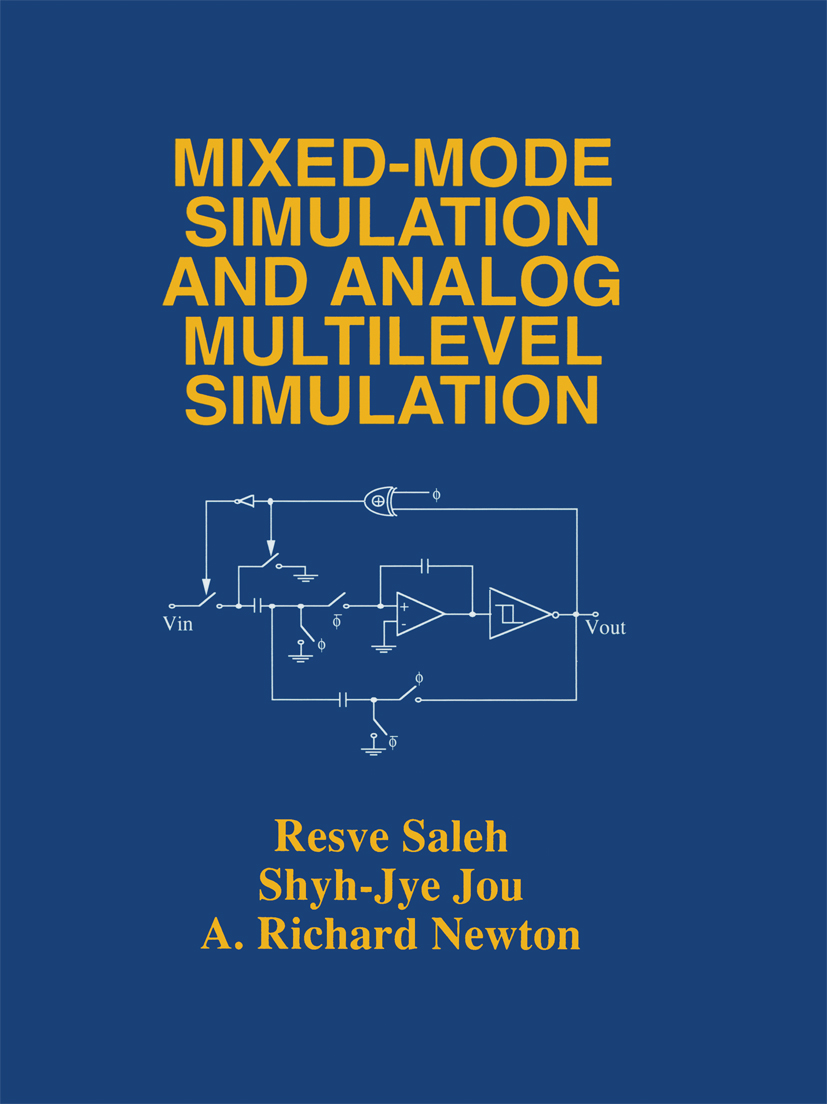
Mixed-Mode Simulation and Analog Multilevel Simulation Mixed-Mode Simulation and Analog Multilevel Simulation addresses the problems of simulating entire mixed analog/digital systems in the time-domain. A complete hierarchy of modeling and simulation methods for analog and digital circuits is described. Mixed-Mode Simulation and Analog Multilevel Simulation also provides a chronology of the research in the field of mixed-mode simulation and analog multilevel simulation over the last ten to fifteen years. In addition, it provides enough information to the reader so that a prototype mixed-mode simulator could be developed using the algorithms in this book. Mixed-Mode Simulation and Analog Multilevel Simulation can also be used as documentation for the SPLICE family of mixed-mode programs as they are based on the algorithms and techniques described in this book. TECHNOLOGY & ENGINEERING,Electronics,Circuits,General
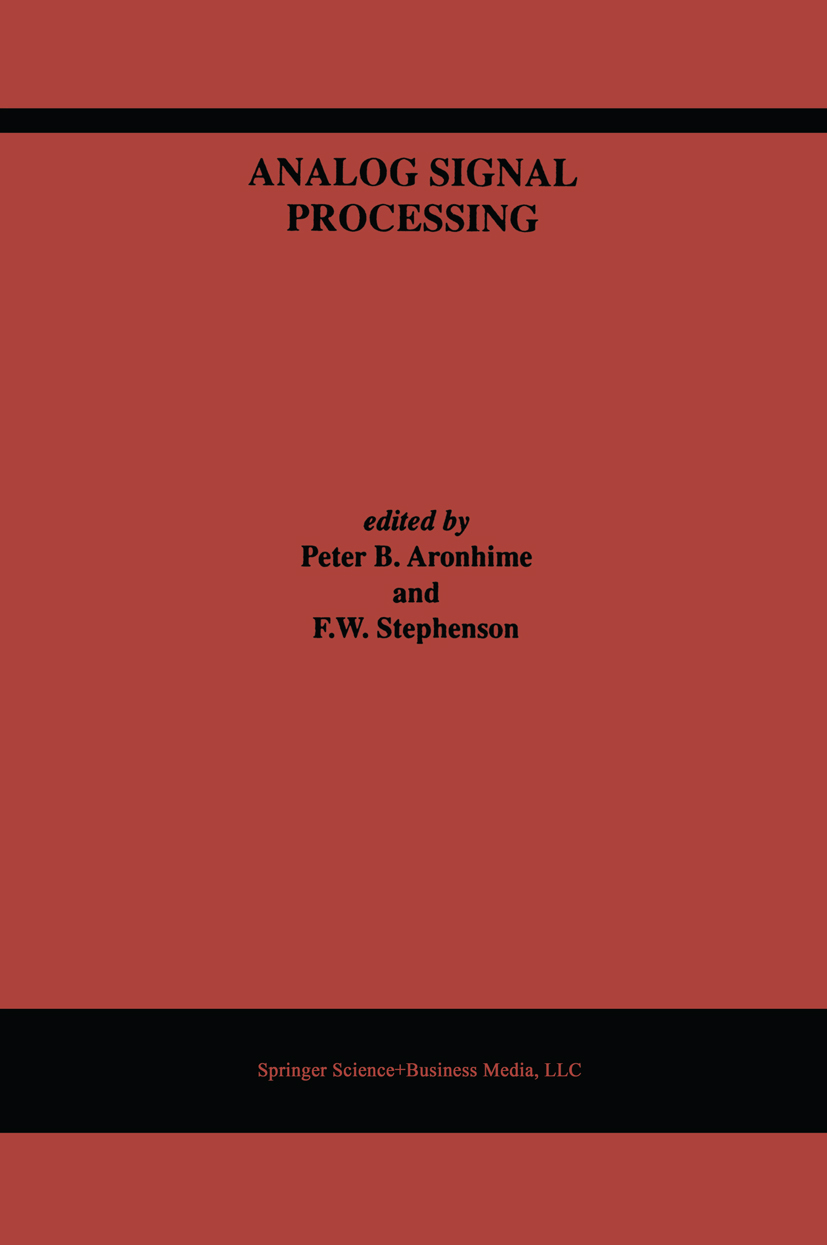
Analog Signal Processing Analog Signal Processing brings together in one place important contributions and state-of-the-art research results in this rapidly advancing area. Analog Signal Processing serves as an excellent reference, providing insight into some of the most important issues in the field. TECHNOLOGY & ENGINEERING,Electronics,Circuits,General

System Test and Diagnosis System Test and Diagnosis is the first book on test and diagnosis at the system level, defined as any aggregation of related elements that together form an entity of sufficient complexity for which it is impractical to treat all of the elements at the lowest level of detail. The ideas presented emphasize that it is possible to diagnose complex systems efficiently. Since the notion of system is hierarchical, these ideas are applicable to all levels. The philosophy is presented in the context of a model-based approach, using the information flow model, that focuses on the information provided by the tests rather than the functions embedded in the system. Detailed algorithms are offered for evaluating system testability, performing efficient diagnosis, verifying and validating the models, and constructing an architecture for system maintenance. Several advanced algorithms, not commonly available in existing diagnosis tools, are discussed, including reasoning with inexact or uncertain test data, breaking large problems into manageable smaller problems, diagnosing systems with time sensitive information and time dependent tests and learning from experience. The book is divided into three parts. The first part provides motivation for careful development of the subject and the second part provides the tools necessary for analyzing system testability and computing diagnostic strategies. The third part presents advanced topics in diagnosis. Several case studies are provided, including a single detailed case study. Smaller case studies describe experiences from actual applications of the methods discussed. The detailed case study walks the reader through a complete analysis of a system to illustrate the concepts and describe the analyses that are possible. All case studies are based upon real systems that have been modeled for the purposes of diagnosis. System Test and Diagnosis is the culmination of nearly twelve years of research into diagnosis modeling and its applications. It is designed as a primary reference for engineers and practitioners interested in system test and diagnosis. TECHNOLOGY & ENGINEERING,Electronics,Circuits,General
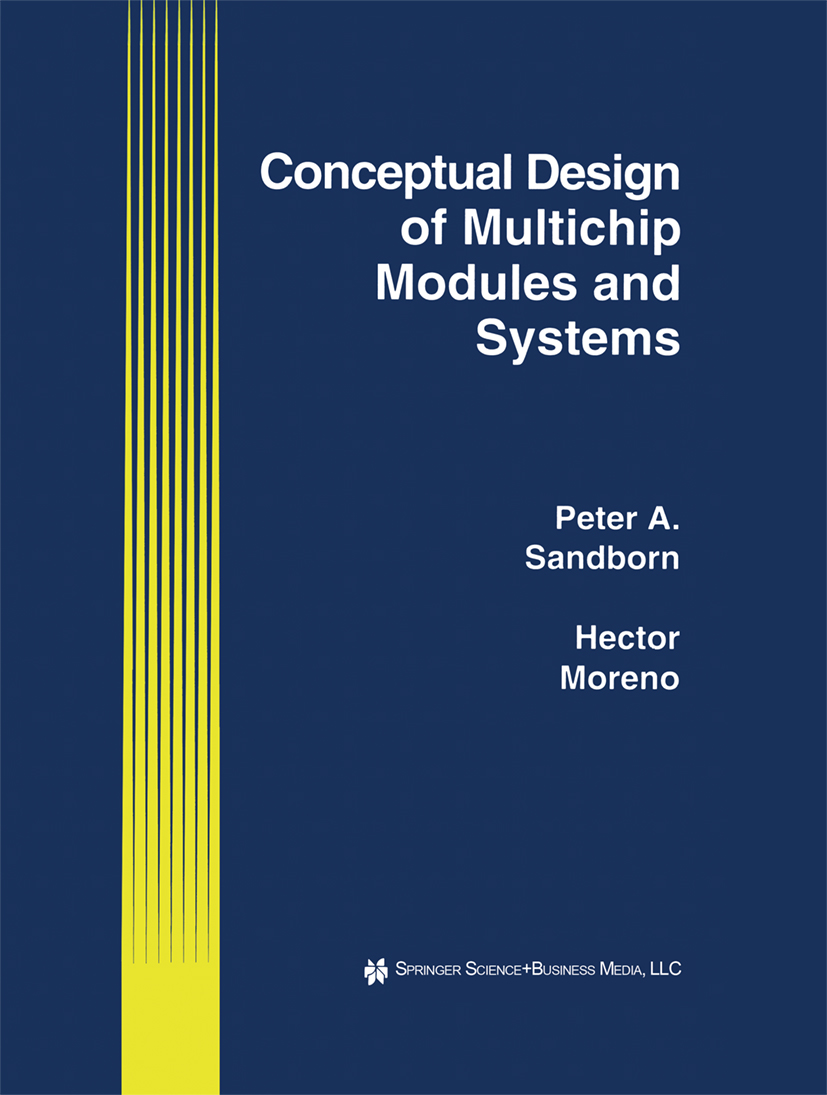
Conceptual Design of Multichip Modules and Systems Conceptual Design of Multichip Modules and Systems treats activities which take place at the conceptual and specification level of the design of complex multichip systems. These activities include the formalization of design knowledge (information modeling), tradeoff analysis, partitioning, and decision process capture. All of these functions occur prior to the traditional CAD activities of synthesis and physical design. Inherent in the design of electronic modules are tradeoffs which must be understood before feasible technology, material, process, and partitioning choices can be selected. The lack of a complete set of technology information is an especially serious problem in the packaging and interconnect field since the number of technologies, process, and materials is substantial and selecting optimums is arduous and non-trivial if one truly wants a balance in cost and performance. Numerous tradeoff and design decisions have to be made intelligently and quickly at the beginning of the design cycle before physical design work begins. These critical decisions, made within the first 10% of the total design cycle, ultimately define up to 80% of the final product cost. Conceptual Design of Multichip Modules and Systems lays the groundwork for concurrent estimation level analysis including size, routing, electrical performance, thermal performance, cost, reliability, manufacturability, and testing. It will be useful both as a reference for system designers and as a text for those wishing to gain a perspective on the nature of packaging and interconnect design, concurrent engineering, computer-aided design, and system synthesis. TECHNOLOGY & ENGINEERING,Electronics,Circuits,General
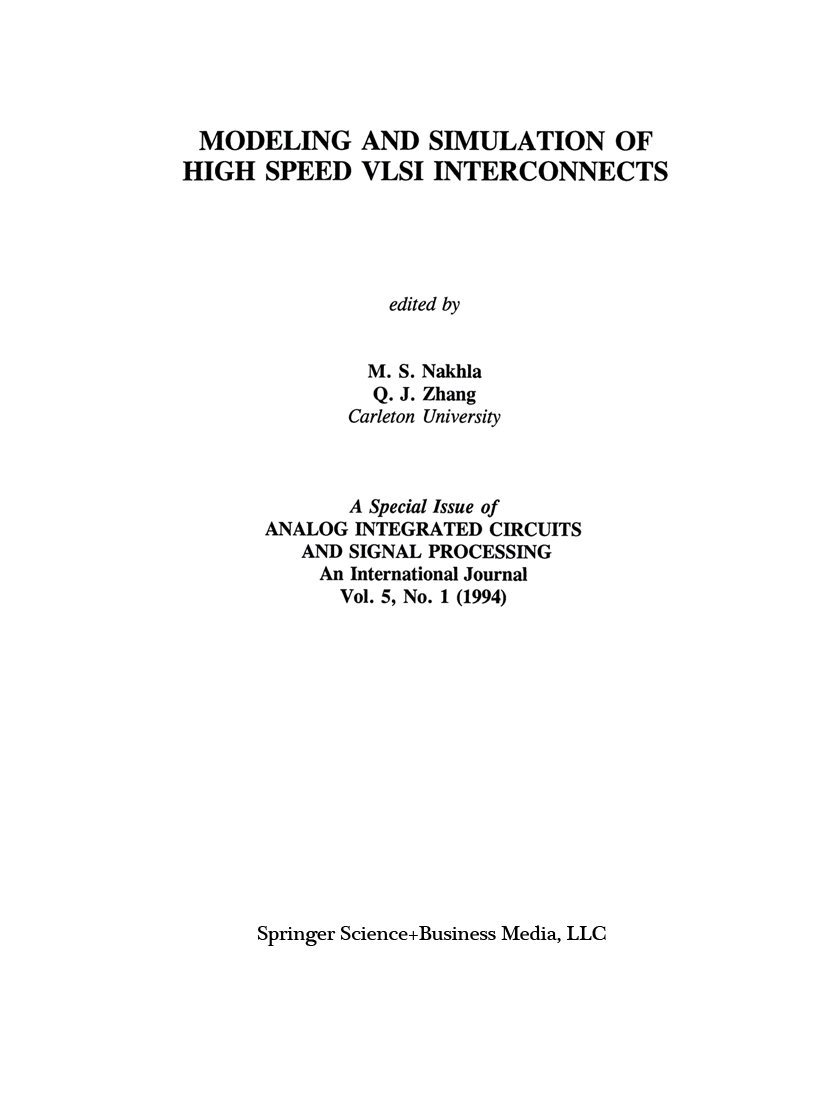
Modeling and Simulation of High Speed VLSI Interconnects Modeling and Simulation of High Speed VLSI Interconnects brings together in one place important contributions and state-of-the-art research results in this rapidly advancing area. Modeling and Simulation of High Speed VLSI Interconnects serves as an excellent reference, providing insight into some of the most important issues in the field. TECHNOLOGY & ENGINEERING,Electronics,Circuits,General

Field-Programmable Gate Array Technology Many different kinds of FPGAs exist, with different programming technologies, different architectures and different software. Field-Programmable Gate Array Technology describes the major FPGA architectures available today, covering the three programming technologies that are in use and the major architectures built on those programming technologies. The reader is introduced to concepts relevant to the entire field of FPGAs using popular devices as examples. Field-Programmable Gate Array Technology includes discussions of FPGA integrated circuit manufacturing, circuit design and logic design. It describes the way logic and interconnect are implemented in various kinds of FPGAs. It covers particular problems with design for FPGAs and future possibilities for new architectures and software. This book compares CAD for FPGAs with CAD for traditional gate arrays. It describes algorithms for placement, routing and optimization of FPGAs. Field-Programmable Gate Array Technology describes all aspects of FPGA design and development. For this reason, it covers a significant amount of material. Each section is clearly explained to readers who are assumed to have general technical expertise in digital design and design tools. Potential developers of FPGAs will benefit primarily from the FPGA architecture and software discussion. Electronics systems designers and ASIC users will find a background to different types of FPGAs and applications of their use. TECHNOLOGY & ENGINEERING,Electronics,Circuits,General
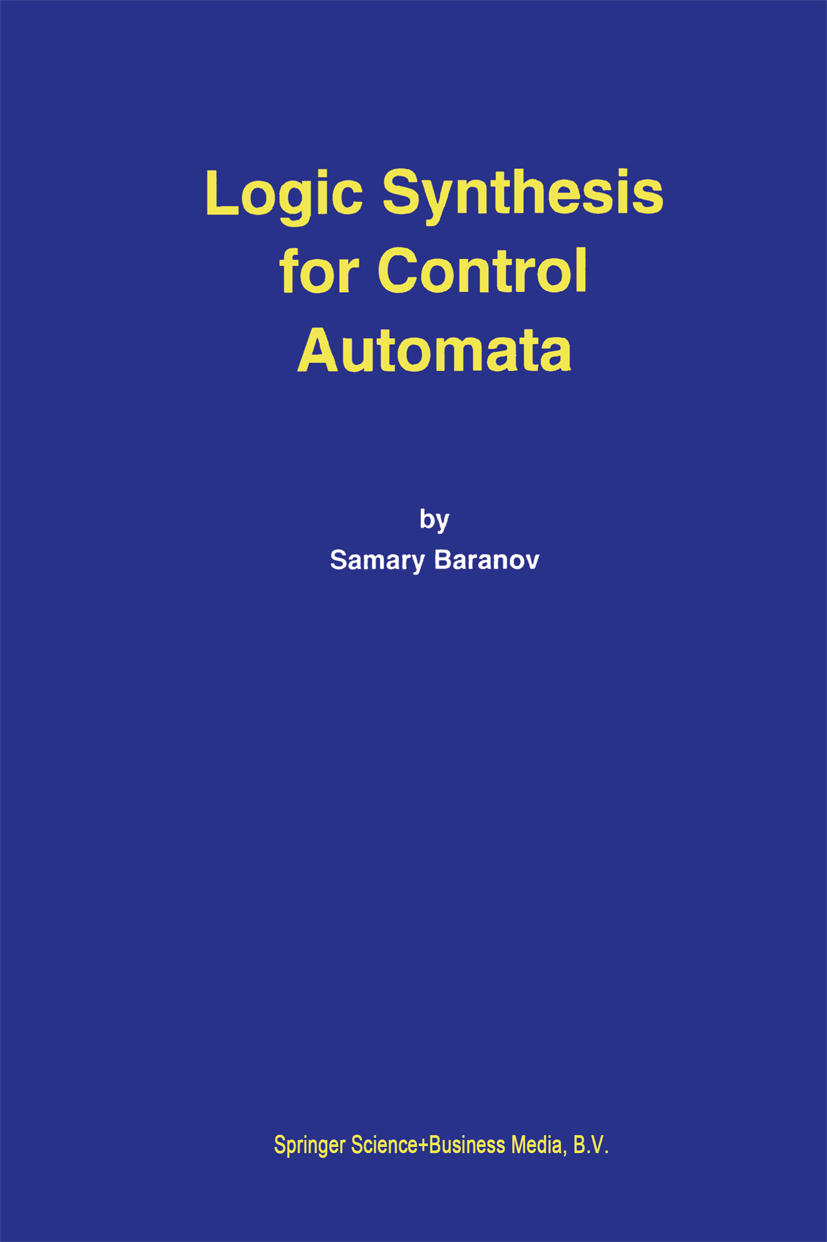
Logic Synthesis for Control Automata Logic Synthesis for Control Automata provides techniques for logic design of very complex control units with hardly any constraints on their size, i.e. the number of inputs, outputs and states. These techniques cover all stages of control unit design, including: description of control unit behavior by using operator schemes of algorithms (binary decision trees) and various transformations of these descriptions -- composition, decomposition, minimization, etc.; synthesis of a control automaton (finite-state machine); synthesis of an automaton logic circuit: with matrix structure as a part of LSI or VLSI circuits; as multilevel circuit with logic gates; with standard LSI and VLSI circuits with and without memory. Each chapter contains many examples, illustrating the use of the models and methods described. Moreover, the special last chapter demonstrates in detail the whole design methodology presented in the previous chapters, through the examples of the logic design for a control unit. The models, methods and algorithms described in the book can be applied to a broad class of digital system design problems including design of complex controllers, robots, control units of computers and for designing CAD systems of VLSI circuits using FPGA, PLD and SIC technologies. Logic Synthesis for Control Automata is a valuable reference for graduate students, researchers and engineers involved in the design of very complex controllers, VLSI circuits and CAD systems. The inclusion of many examples and problems makes it most suitable for a course on the subject. TECHNOLOGY & ENGINEERING,Electronics,Circuits,General
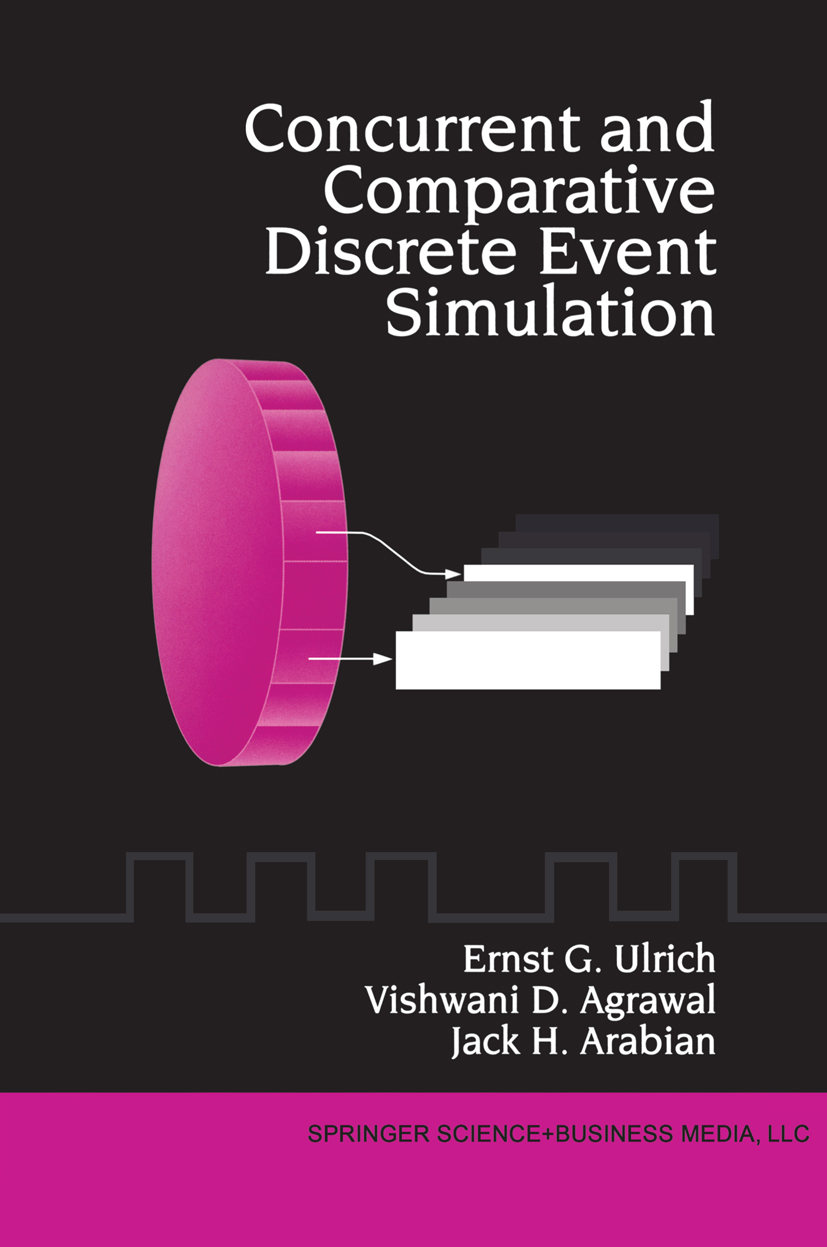
Concurrent and Comparative Discrete Event Simulation Concurrent simulation is over twenty years old. During that pe riod it has been widely adopted for the simulation of faults in digital circuits, for which it provides a combination of extreme efficiency and generality . Yet, it is remarkable that no book published so far presents a correct and sufficiently detailed treatment of concurrent simulation. A first reason to welcome into print the effort of the authors is, therefore, that it provides a much needed account of an important topic in design automation. This book is, however, unique for sev eral other reasons. It is safe to state that no individual has contrib uted more than Ernst Ulrich to the development of digital logic simulation. For concurrent simulation, one may say that Ernst has contributed more than the rest of the world. We would find such a claim difficult to dispute. The unique experience of the authors con fers a special character to this book: It is authoritative, inspired, and focused on what is conceptually important. Another unique aspect of this book, perhaps the one that will be the most surprising for many readers, is that it is strongly projected towards the future. Concurrent simulation is presented as a general experimentation methodology and new intriguing applications are analyzed. The discussion of multi-domain concurrent simulation-- recent work of Karen Panetta Lentz and Ernst Ulrich---is fascinat ing. TECHNOLOGY & ENGINEERING,Electronics,Circuits,General
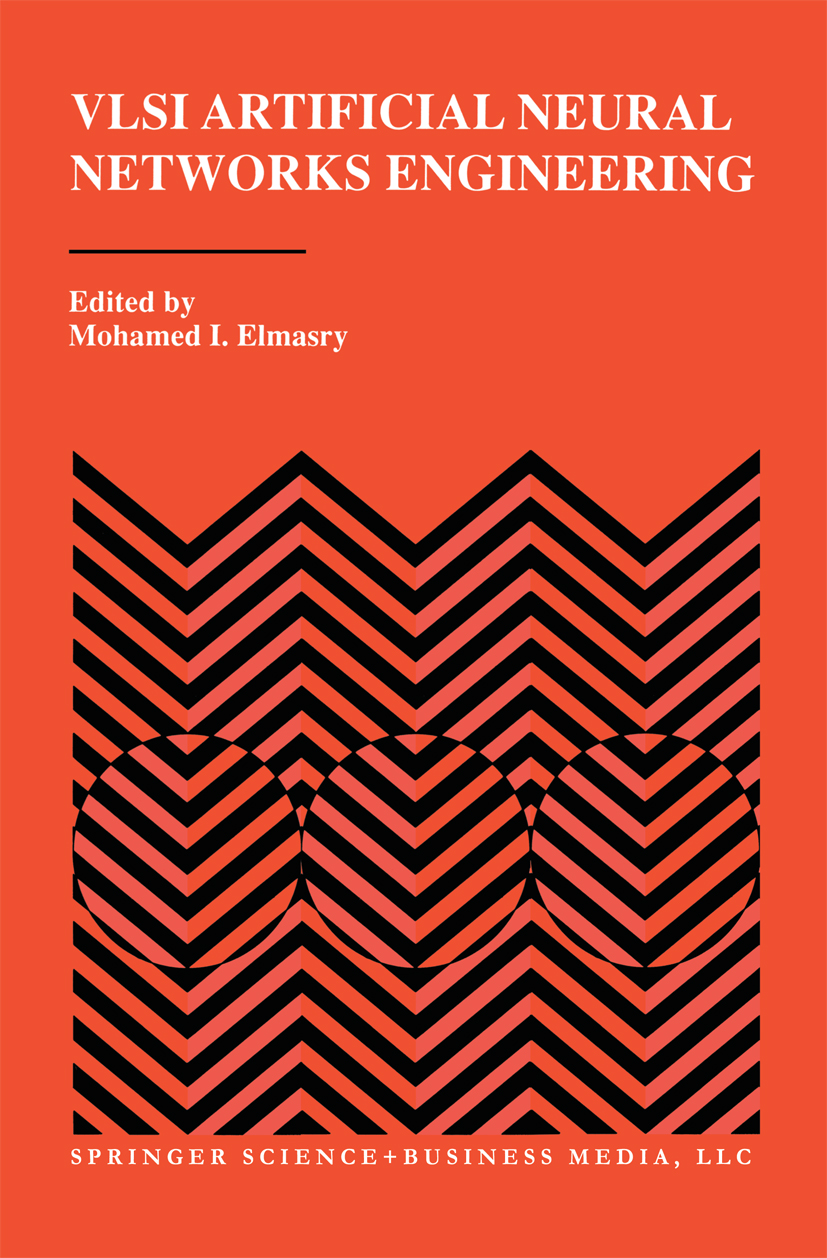
VLSI Artificial Neural Networks Engineering Engineers have long been fascinated by how efficient and how fast biological neural networks are capable of performing such complex tasks as recognition. Such networks are capable of recognizing input data from any of the five senses with the necessary accuracy and speed to allow living creatures to survive. Machines which perform such complex tasks as recognition, with similar ac curacy and speed, were difficult to implement until the technological advances of VLSI circuits and systems in the late 1980's. Since then, the field of VLSI Artificial Neural Networks (ANNs) have witnessed an exponential growth and a new engineering discipline was born. Today, many engineering curriculums have included a course or more on the subject at the graduate or senior under graduate levels. Since the pioneering book by Carver Mead; "Analog VLSI and Neural Sys tems", Addison-Wesley, 1989; there were a number of excellent text and ref erence books on the subject, each dealing with one or two topics. This book attempts to present an integrated approach of a single research team to VLSI ANNs Engineering. TECHNOLOGY & ENGINEERING,Electronics,Circuits,General

Cooling of Electronic Systems Proceedings of the NATO Advanced Study Institute, Çesme/Izmir, Turkey, June 21--July 2, 1993 TECHNOLOGY & ENGINEERING,Electronics,Circuits,General
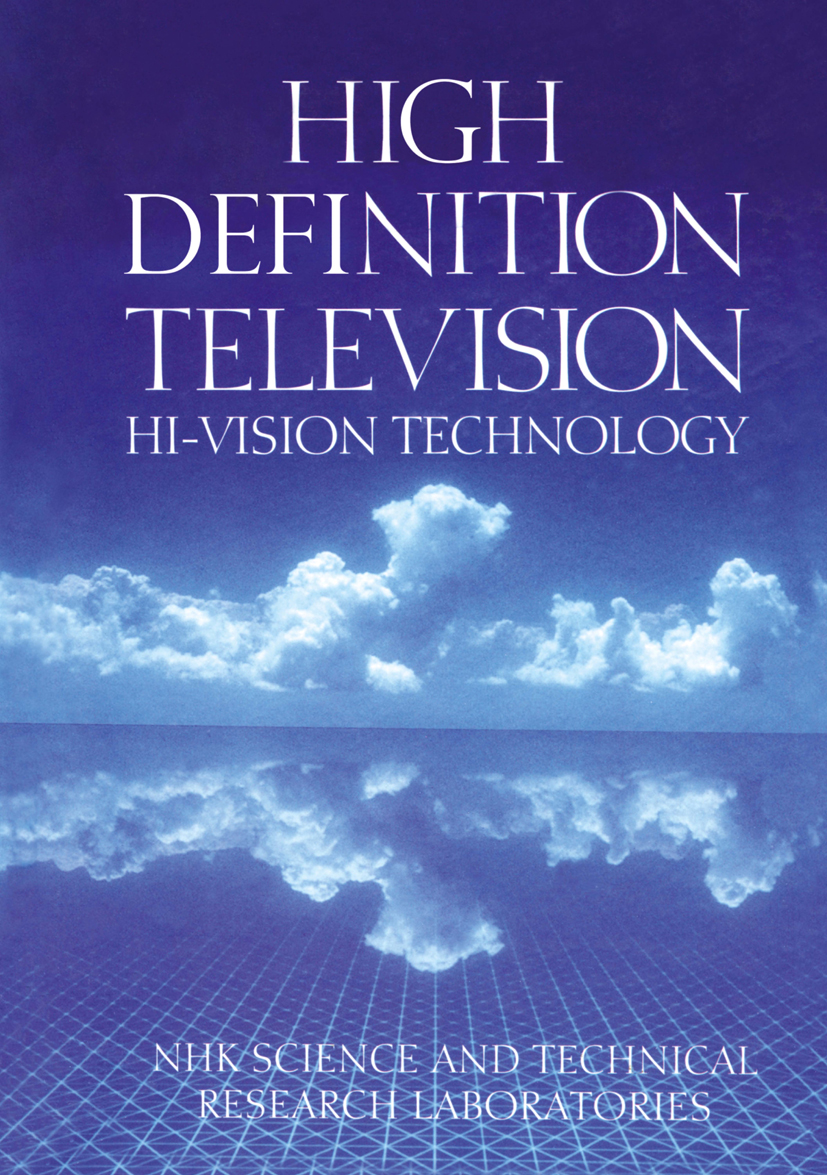
High Definition Television Hi-Vision is a new television system that Japan plications have already begun in some of these is the first to propose to the world. It has long areas. been in development by NHK (the Japanese In view of these developments, it is signifi Broadcasting Corporation). The term Hi-Vision cant that a book that systematically deals with itself is becoming well-known worldwide. Hi-Vision technologies is being published. Until NHK has been involved in the research and now there has not been any publication that ad development of a high-definition television sys equately dealt with Hi-Vision technologies, and tem for almost twenty years. Over this period, students and engineers interested in the subject the project has moved from basic visual, audi have had to sift through numerous journals and tory and psychological research to the devel papers. opment of experimental and broadcast quality Believing that there was now a need to sys equipment. With practical implementation near tematically present the results of a quarter cen at hand, a considerable amount of equipment is tury of research and development, the NHK Sci now already on the market. Furthermore, efforts ence and Technical Research Laboratories decided are underway to commercialize the technology to compile this volume. Each section has been by improving the performance of household and written by the research staff members directly broadcast systems and establishing an interna involved in the project and knowledgeable in tional standard. the latest developments. TECHNOLOGY & ENGINEERING,Electronics,Circuits,General
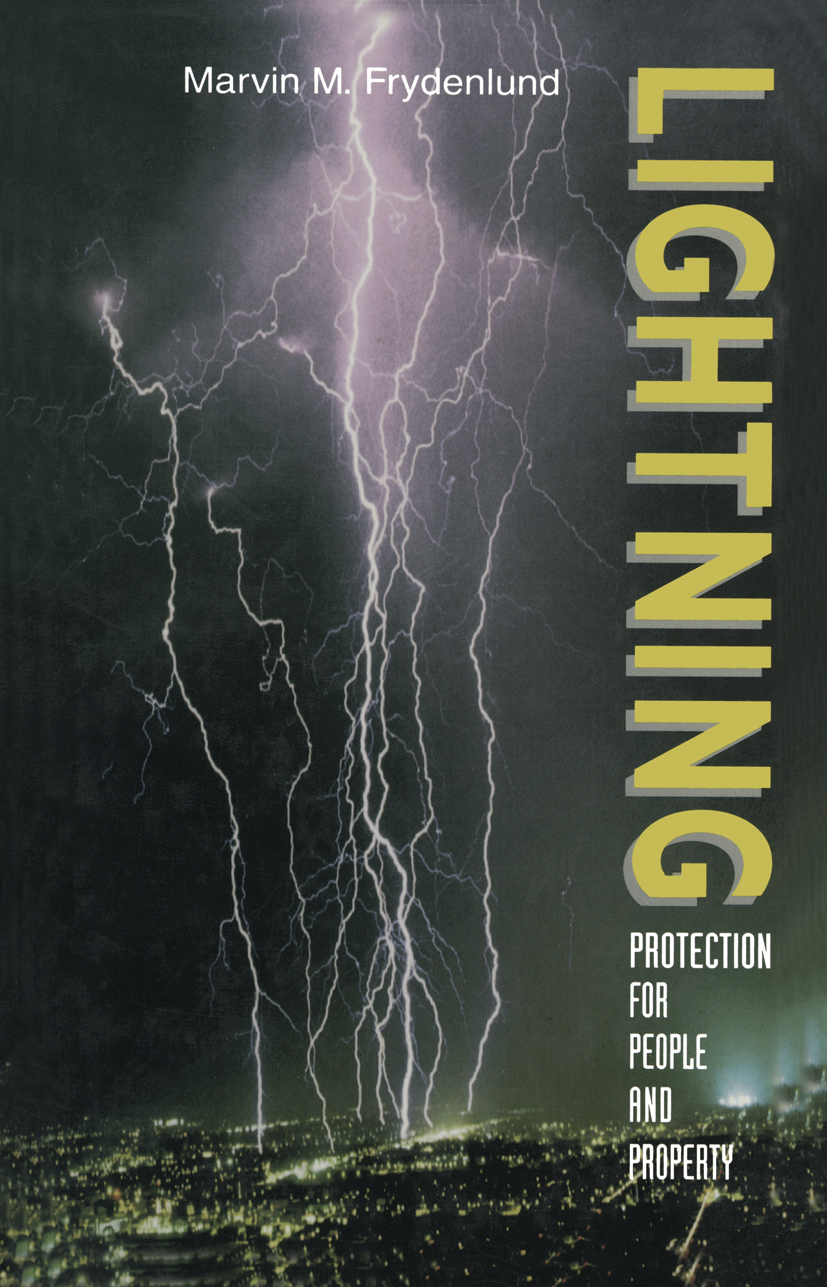
Lightning Protection for People and Property The word lightning conjures up many different thoughts, depending on who you are. For instance, an engineer might wonder, "How can I protect this building?" A computer manager might ask, "What protection is available to save my equip ment?" A golf course manager wants to warn golfers about life-saving measures to take during a lightning storm. And on and on the needs go. In fact, the variety of backgrounds of people who need to understand lightning, its effects, and pro tection techniques ranges from the highly technical to the illiterate, creating a very difficult educational problem for the lightning protection industry. In this book, Marvin Frydenlund presents a refreshingly new melding of the many pieces of the lightningjigsaw puzzle that are scattered throughout numerous libraries, magazine and newspaper articles, codes, standards, statistics, research, and the enormous body of information called "old wives' tales, myths, opinions, and snake oil sales literature." He has created a broad-spectrum review of the en tire field oflightning that is easy to read and understand, and it will benefit anyone who wants to study and comprehend the subject. TECHNOLOGY & ENGINEERING,Electronics,Circuits,General

Symbolic Model Checking Formal verification means having a mathematical model of a system, a language for specifying desired properties of the system in a concise, comprehensible and unambiguous way, and a method of proof to verify that the specified properties are satisfied. When the method of proof is carried out substantially by machine, we speak of automatic verification. Symbolic Model Checking deals with methods of automatic verification as applied to computer hardware. The practical motivation for study in this area is the high and increasing cost of correcting design errors in VLSI technologies. There is a growing demand for design methodologies that can yield correct designs on the first fabrication run. Moreover, design errors that are discovered before fabrication can also be quite costly, in terms of engineering effort required to correct the error, and the resulting impact on development schedules. Aside from pure cost considerations, there is also a need on the theoretical side to provide a sound mathematical basis for the design of computer systems, especially in areas that have received little theoretical attention. TECHNOLOGY & ENGINEERING,Electronics,Circuits,General

High-Performance CMOS Continuous-Time Filters High-Performance CMOS Continuous-Time Filters is devoted to the design of CMOS continuous-time filters. CMOS is employed because the most complex integrated circuits have been realized with this technology for two decades. The most important advantages and drawbacks of continuous-time filters are clearly shown. The transfer function is one of the most important filter parameters but several others (like intermodulation distortion, power-supply rejection ratio, noise level and dynamic range) are fundamental in the design of high-performance systems. Special attention is paid to the practical aspects of the design, which shows the difference between an academic design and an industrial design. A clear understanding of the behavior of the circuits and techniques is preferred over complex equations or interpretation of simulated results. Step-by-step design procedures are very often used to clarify the use of the techniques and topologies. The organization of this text is hierarchical, starting with the design consideration of the basic building blocks and ending with the design of several high-performance continuous-time filters. Most of the circuits have been fabricated, theoretically analyzed and simulated, and silicon measurement results are compared with each other. High-Performance CMOS Continuous-Time Filters can be used as a text book for senior or graduate courses on this topic and can also be useful for industrial engineers as a reference book. TECHNOLOGY & ENGINEERING,Electronics,Circuits,General
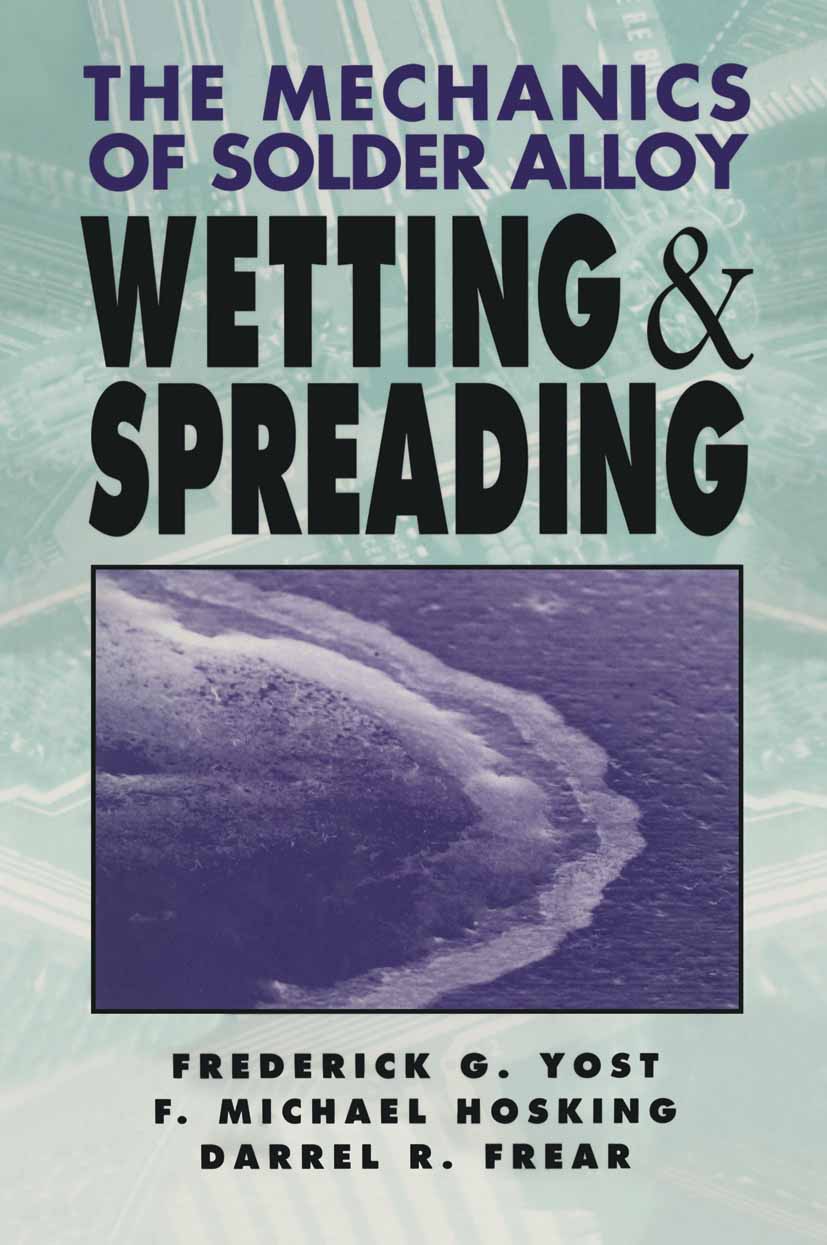
The Mechanics of Solder Alloy Wetting and Spreading In 1992 Congress passed the Defense Manufacturing Engineering Education Act with the intent of encouraging academic institutions to increase their emphasis on manufacturing curricula. The need for this incentive to integrate the academic and industrial communities was clear: gaps in manufacturing science were inhibiting the evolution of new manufacturing technologies that are required for the U.S. to maintain a competitive posture in the world marketplace. The Army Research Laboratory and Sandia National Laboratories sought to contribute to the congressional intent by initiating a new series of graduate level college textbooks. The goal was to focus next-generation scientists onto issues that were common to the needs of the commercial market, the affordability of DoD weapons systems, and the mobilization readiness of the U.S. Armed Forces. The textbook The Mechanics of Solder Wetting and Spreading was written in this spirit by nationally renowned scientists for academe and industry. Research ers using the book are encouraged to formulate programs that will establish scien tific correlations between manufacturing process controls and product reliability. Such correlations are essential to the building of a new electronics industry which is based upon the futuristic concepts of Virtual Factories, Prototyping, and Testing. TECHNOLOGY & ENGINEERING,Electronics,Circuits,General
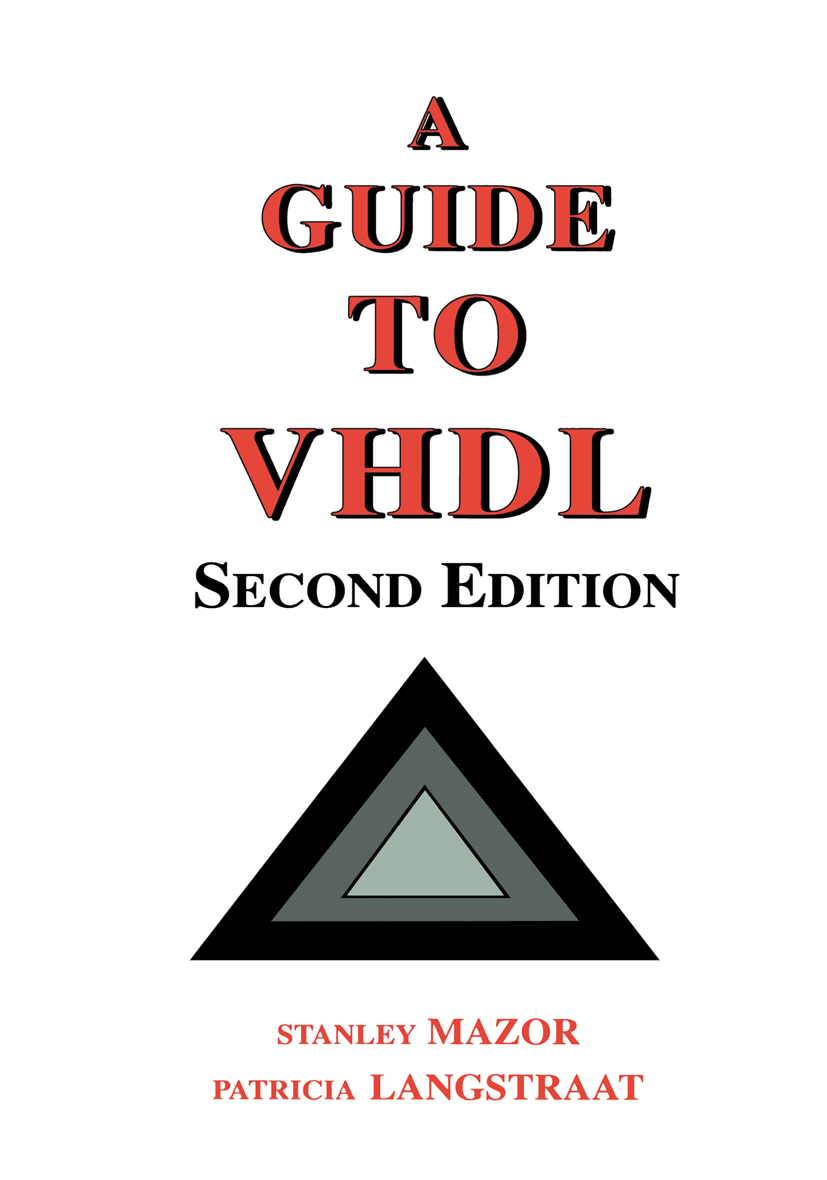
A Guide to VHDL A Guide to VHDL, Second Edition is intended for the working engineer who needs to develop, document, simulate, and synthesize a design using the VHDL language. It is for system and chip designers who are working with VHDL CAD tools, and who have some experience programming in Fortran, Pascal, or C and have used a logic simulator. A Guide to VHDL, Second Edition includes a number of paper exercises and computer lab experiments. If a compiler/simulator is available to the reader, then the lab exercises included in the chapters can be run to reinforce the learning experience. For practical purposes, this book keeps simulator-specific text to a minimum, but does use the Synopsys VHDL Simulator command language in a few cases. A Guide to VHDL, Second Edition is designed as a primer and its contents are appropriate for an introductory course in VHDL. The VHDL language was updated in 1992 with some minor improvements. In most cases, the language is upward compatible. Although this book is based primarily on the VHDL 1987 standard, this new second edition indicates the significant changes in the 1992 language to assist the designer in writing upwardly compatible code. TECHNOLOGY & ENGINEERING,Electronics,Circuits,General
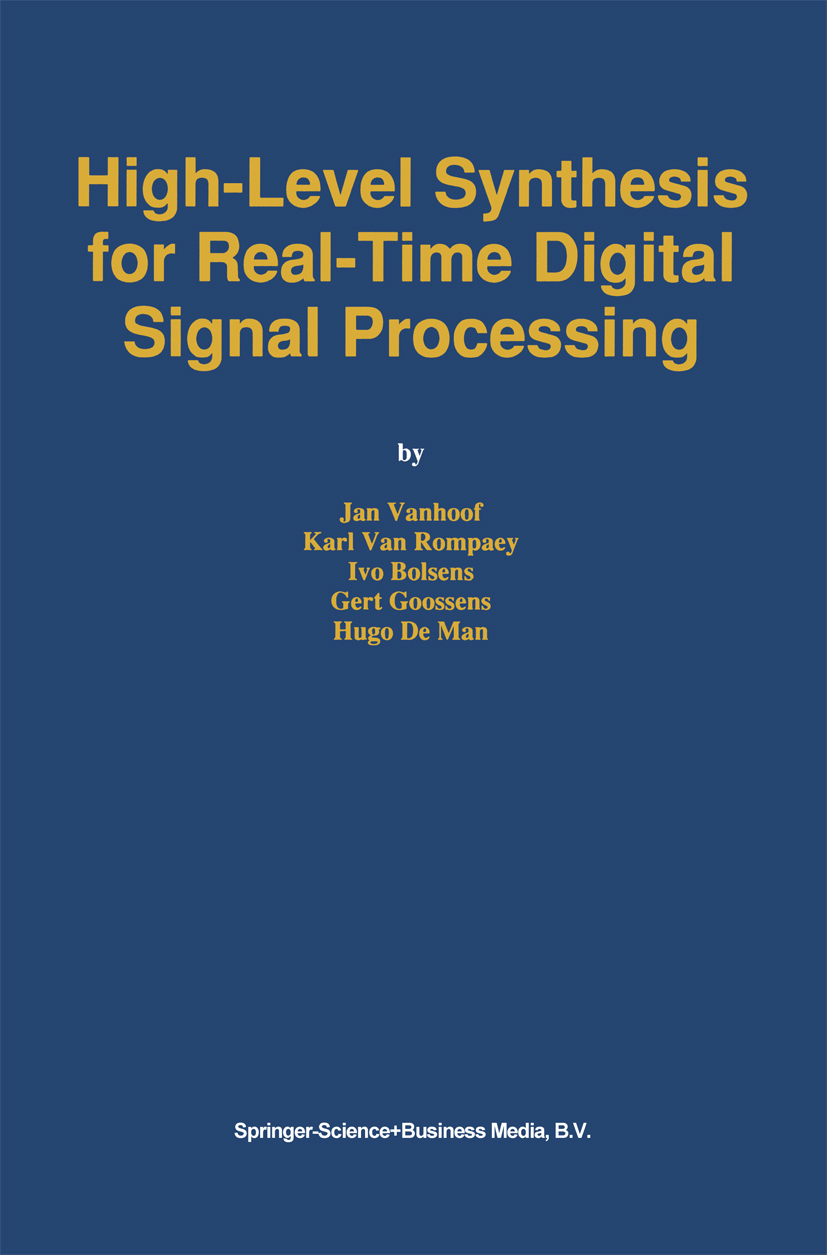
High-Level Synthesis for Real-Time Digital Signal Processing High-Level Synthesis for Real-Time Digital Signal Processing is a comprehensive reference work for researchers and practicing ASIC design engineers. It focuses on methods for compiling complex, low to medium throughput DSP system, and on the implementation of these methods in the CATHEDRAL-II compiler. The emergence of independent silicon foundries, the reduced price of silicon real estate and the shortened processing turn-around time bring silicon technology within reach of system houses. Even for low volumes, digital systems on application-specific integrated circuits (ASICs) are becoming an economically meaningful alternative for traditional boards with analogue and digital commodity chips. ASICs cover the application region where inefficiencies inherent to general-purpose components cannot be tolerated. However, full-custom handcrafted ASIC design is often not affordable in this competitive market. Long design times, a high development cost for a low production volume, the lack of silicon designers and the lack of suited design facilities are inherent difficulties to manual full-custom chip design. To overcome these drawbacks, complex systems have to be integrated in ASICs much faster and without losing too much efficiency in silicon area and operation speed compared to handcrafted chips. The gap between system design and silicon design can only be bridged by new design (CAD). The idea of a silicon compiler, translating a behavioural system specification directly into silicon, was born from the awareness that the ability to fabricate chips is indeed outrunning the ability to design them. At this moment, CAD is one order of magnitude behind schedule. Conceptual CAD is the keyword to mastering the design complexity in ASIC design and the topic of this book. TECHNOLOGY & ENGINEERING,Electronics,Circuits,General
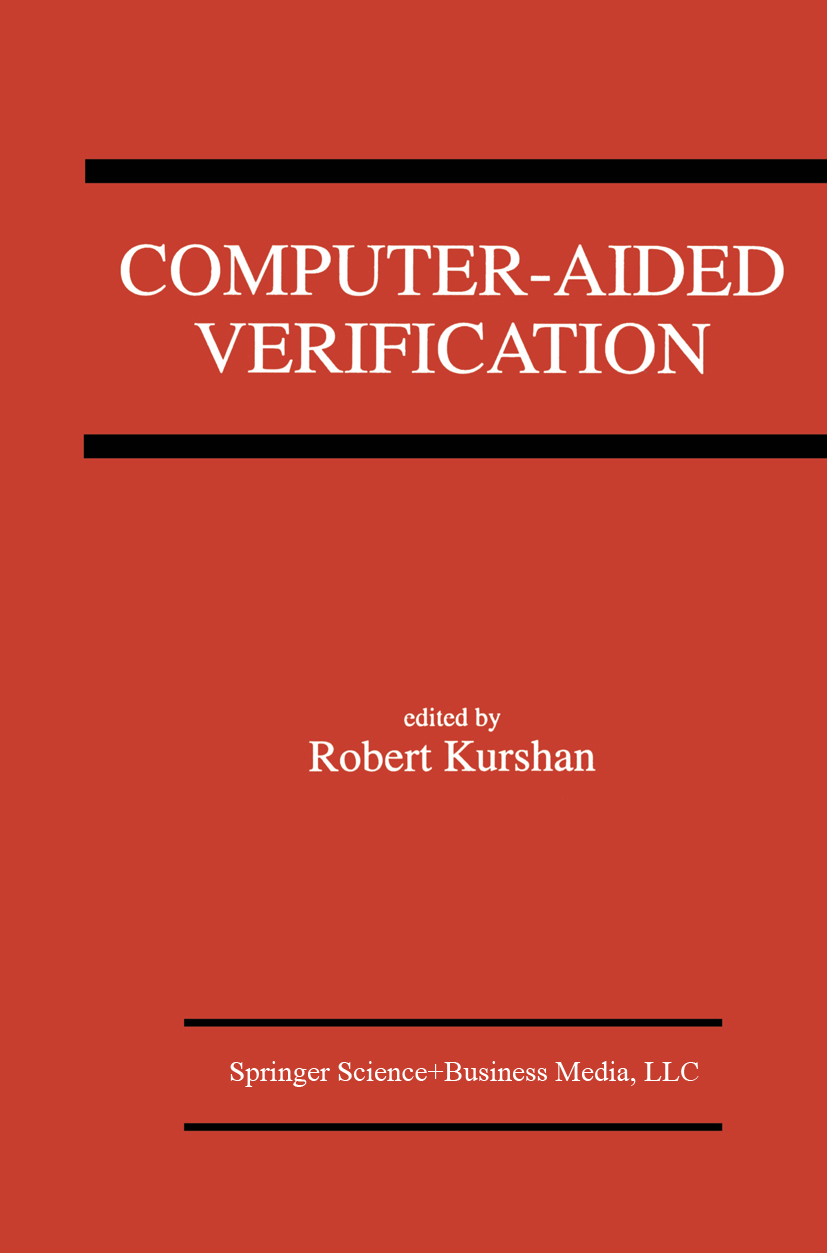
Computer-Aided Verification Computer-Aided Verification is a collection of papers that begins with a general survey of hardware verification methods. Ms. Gupta starts with the issue of verification itself and develops a taxonomy of verification methodologies, focusing especially upon recent advances. Although her emphasis is hardware verification, most of what she reports applies to software verification as well. Graphical presentation is coming to be a de facto requirement for a `friendly' user interface. The second paper presents a generic format for graphical presentations of coordinating systems represented by automata. The last two papers as a pair, present a variety of generic techniques for reducing the computational cost of computer-aided verification based upon explicit computational memory: the first of the two gives a time-space trade-off, while the second gives a technique which trades space for a (sometimes predictable) probability of error. Computer-Aided Verification is an edited volume of original research. This research work has also been published as a special issue of the journal Formal Methods in System Design, 1:2-3. TECHNOLOGY & ENGINEERING,Electronics,Circuits,General
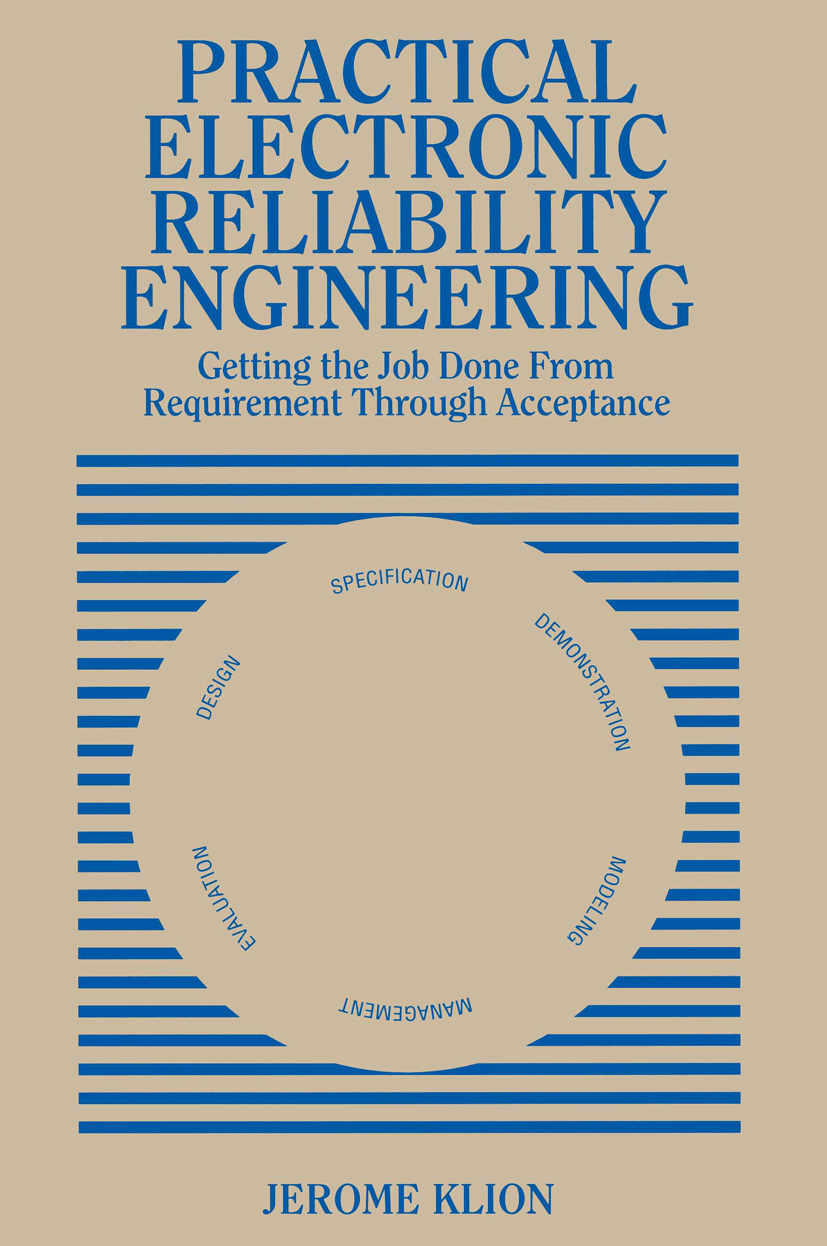
Practical Electronic Reliability Engineering This book is intended for the engineer or engineering student with little or no prior background in reliability. Its purpose is to provide the background material and guidance necessary to comprehend and carry out all the tasks associated with a reliability program from specification generation to final demonstration of reliability achieved. Most available texts on reliability concentrate on the mathematics and statistics used for reliability analysis, evaluation, and demonstration. They are more often suited more for the professional with a heavier mathematical background that most engineers have, and more often than not, ignore or pay short-shrift to basic engineering design and organizational efforts associated with a reliability program. A reliability engineer must be familiar with both the mathematics and engineering aspects of a reliability program. This text: 1. Describes the mathematics needed for reliability analysis, evaluation, and demonstration commensurate with an engineer's background. 2. Provides background material, guidance, and references necessary to the structure and implementation of a reliability program including: • identification of the reliability standards in most common use • how to generate and respond to a reliability specification • how reliability can be increased • the tasks which make up a reliability program and how to judge the need and scope of each; how each is commonly performed; caution and comments about their application. TECHNOLOGY & ENGINEERING,Electronics,Circuits,General

Sequential Logic Testing and Verification In order to design and build computers that achieve and sustain high performance, it is essential that reliability issues be considered care fully. The problem has several aspects. Certainly, considering reliability implies that an engineer must be able to analyze how design decisions affect the incidence of failure. For instance, in order design reliable inte gritted circuits, it is necessary to analyze how decisions regarding design rules affect the yield, i.e., the percentage of functional chips obtained by the manufacturing process. Of equal importance in producing reliable computers is the detection of failures in its Very Large Scale Integrated (VLSI) circuit components, caused by errors in the design specification, implementation, or manufacturing processes. Design verification involves the checking of the specification of a design for correctness prior to carrying out an implementation. Implementation verification ensures that the manual design or automatic synthesis process is correct, i.e., the mask-level description correctly implements the specification. Manufacture test involves the checking of the complex fabrication process for correctness, i.e., ensuring that there are no manufacturing defects in the integrated circuit. It should be noted that all the above verification mechanisms deal not only with verifying the functionality of the integrated circuit but also its performance. TECHNOLOGY & ENGINEERING,Electronics,Circuits,General
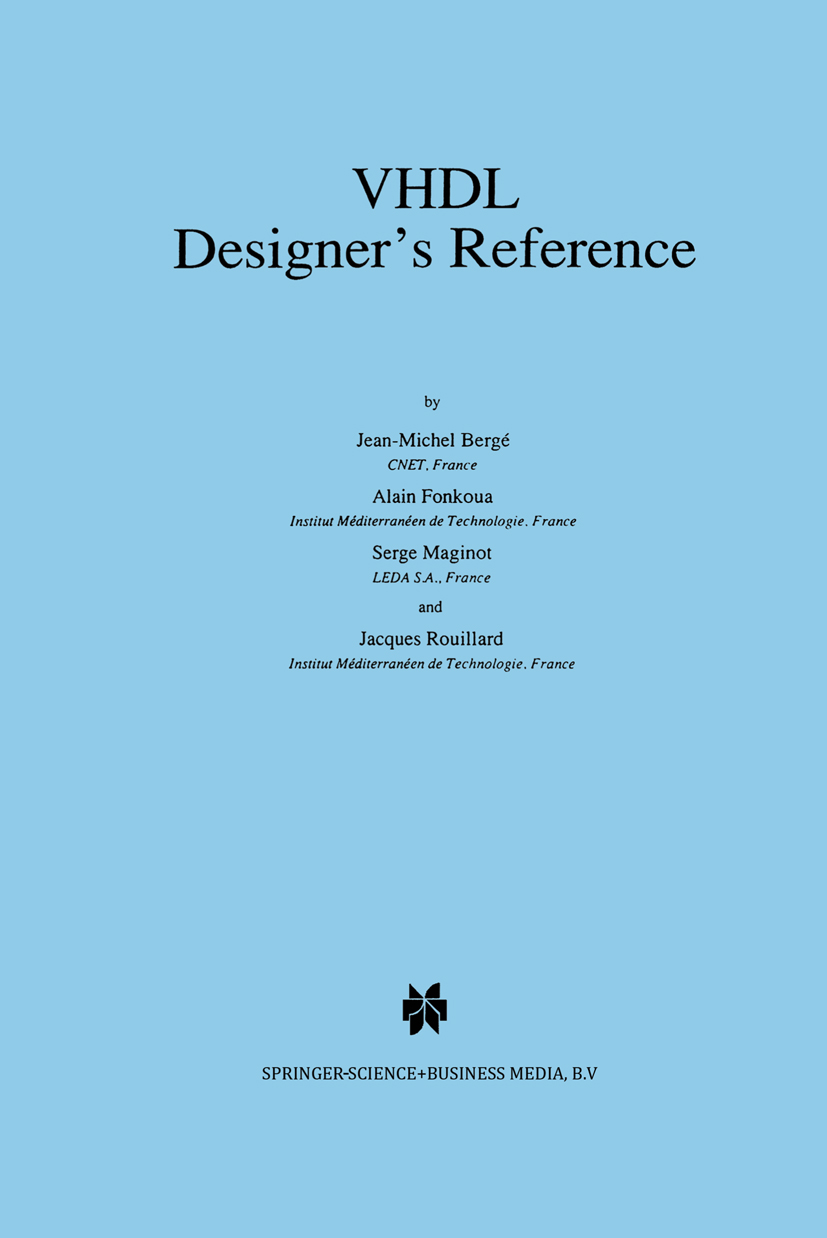
VHDL Designer’s Reference too vast, too complex, too grand ... for description. John Wesley Powell-1870 (discovering the Grand Canyon) VHDL is a big world. A beginner can be easily disappointed by the generality of this language. This generality is explained by the large number of domains covered - from specifications to logical simulation or synthesis. To the very beginner, VHDL appears as a "kit". He is quickly aware that his problem may be solved with VHDL, but does not know how. He does not even know how to start. In this state of mind, all the constraints that can be set to his modeling job, by using a subset of the language or a given design methodology, may be seen as a life preserver. The success of the introduction of VHDL in a company depends on solutions to many questions that should be answered months before the first line of code is written: • Why choose VHDL? • Which VHDL tools should be chosen? • Which modeling methodology should be adopted? • How should the VHDL environment be customized? • What are the tricks? Where are the traps? • What are the differences between VHDL and other competing HDLs? Answers to these questions are organized according to different concerns: buying the tools, organizing the environment, and designing. Decisions taken in each of these areas may have many consequences on the way to the acceptance and efficiently use of VHDL in a company. TECHNOLOGY & ENGINEERING,Electronics,Circuits,General
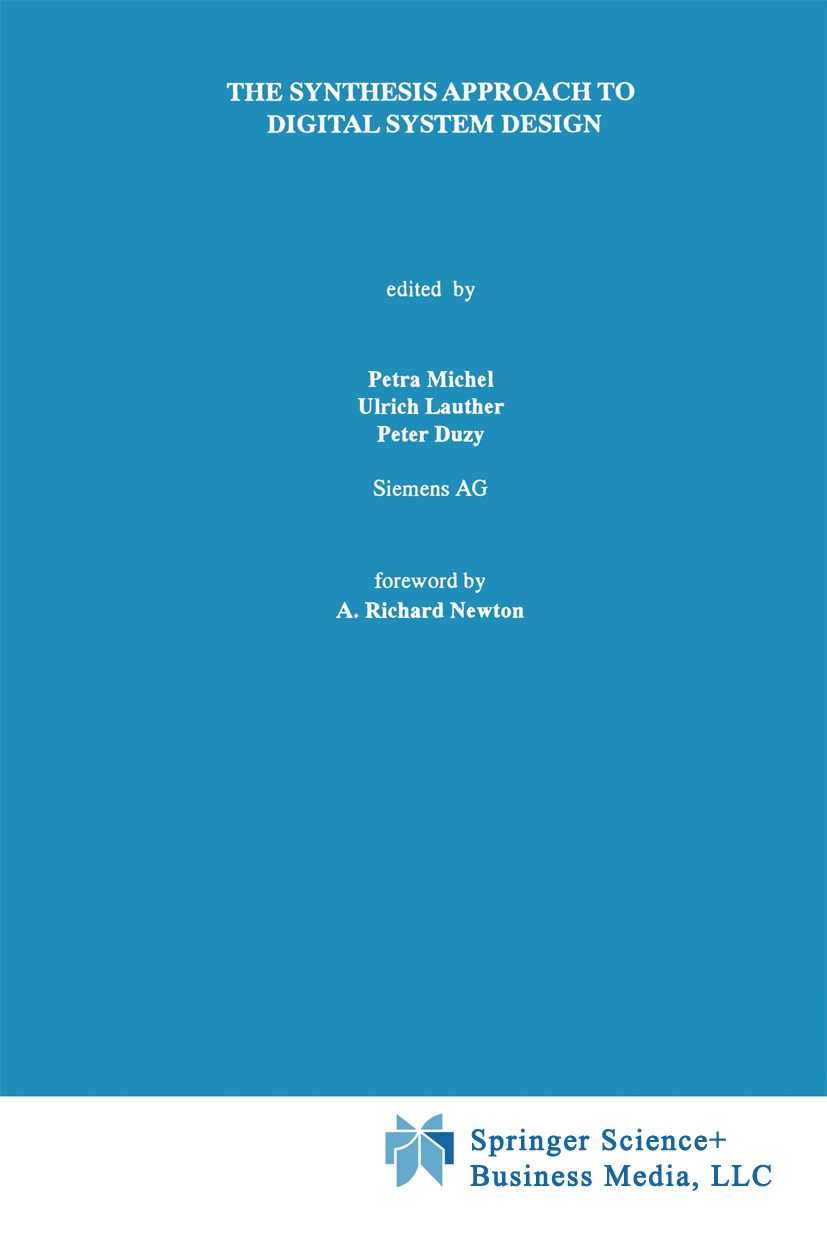
The Synthesis Approach to Digital System Design Over the past decade there has been a dramatic change in the role played by design automation for electronic systems. Ten years ago, integrated circuit (IC) designers were content to use the computer for circuit, logic, and limited amounts of high-level simulation, as well as for capturing the digitized mask layouts used for IC manufacture. The tools were only aids to design-the designer could always find a way to implement the chip or board manually if the tools failed or if they did not give acceptable results. Today, however, design technology plays an indispensable role in the design ofelectronic systems and is critical to achieving time-to-market, cost, and performance targets. In less than ten years, designers have come to rely on automatic or semi automatic CAD systems for the physical design ofcomplex ICs containing over a million transistors. In the past three years, practical logic synthesis systems that take into account both cost and performance have become a commercial reality and many designers have already relinquished control ofthe logic netlist level of design to automatic computer aids. To date, only in certain well-defined areas, especially digital signal process ing and telecommunications. have higher-level design methods and tools found significant success. However, the forces of time-to-market and growing system complexity will demand the broad-based adoption of high-level, automated methods and tools over the next few years. TECHNOLOGY & ENGINEERING,Electronics,Circuits,General

High — Level Synthesis Research on high-level synthesis started over twenty years ago, but lower-level tools were not available to seriously support the insertion of high-level synthesis into the mainstream design methodology. Since then, substantial progress has been made in formulating and understanding the basic concepts in high-level synthesis. Although many open problems remain, high-level synthesis has matured. High-Level Synthesis: Introduction to Chip and System Design presents a summary of the basic concepts and results and defines the remaining open problems. This is the first textbook on high-level synthesis and includes the basic concepts, the main algorithms used in high-level synthesis and a discussion of the requirements and essential issues for high-level synthesis systems and environments. A reference text like this will allow the high-level synthesis community to grow and prosper in the future. TECHNOLOGY & ENGINEERING,Electronics,Circuits,General
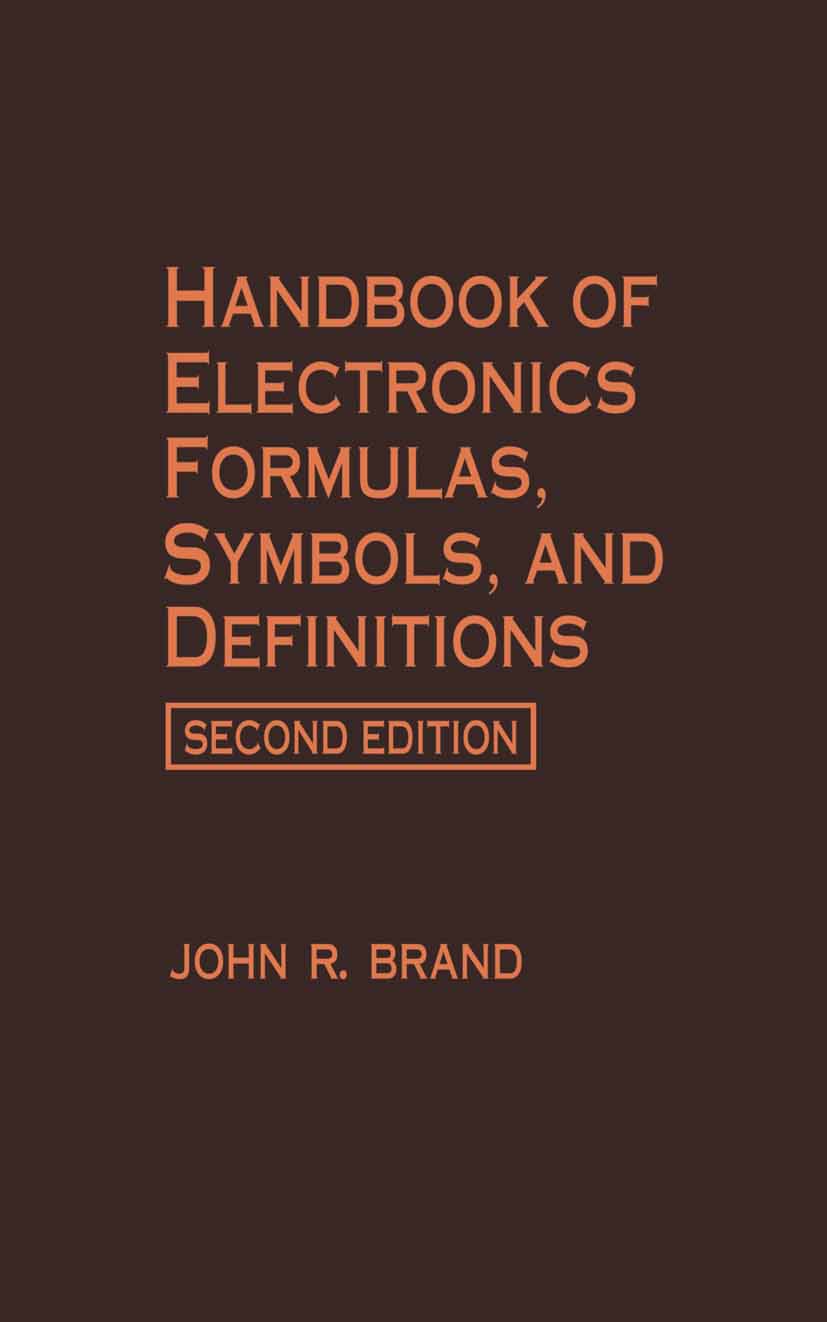
Handbook of Electronics Formulas, Symbols, and Definitions The Handbook o[ Electronics Formulas, Symbols and Defini tions has been compiled for engineers, technicians, armed forces personnel, commercial operators, students, hobbyists, and all others who have some knowledge of electronic terms, symbols, and theory. The author's intention has been to provide: A small, light reference book that may be easily carried in an attache case or kept in a desk drawer for easy access. A source for the majority of all electronic formulas, sym bols, and defmitions needed or desired for today's passive and active analog circuit technology. A format in which a desired formula may be located almost instantly without the use of an index, in the desired trans position, and in sufficiently parenthesized linear form for direct use with any scientific calculator. Sufficient information, alternate methods, approximations, schematic diagrams, and/or footnotes in such a manner so that technicians and hobbyists may unl!erstand and use the majority of the formulas, and that is acceptable and equally useful to engineers and others very knowledgeable in the field. iii INTRODUCTION All formulas in this Handbook use only the basic units of all terms. It is especially easy in this age of scientific calculators to convert to and from basic units. Formulas in all sections are listed alphabetically by symbol with the exception of applicable passive circuit symbols, where, for a given resultant, all series circuit formulas are listed first, followed by parallel and complex circuit formulas. TECHNOLOGY & ENGINEERING,Electronics,Circuits,General
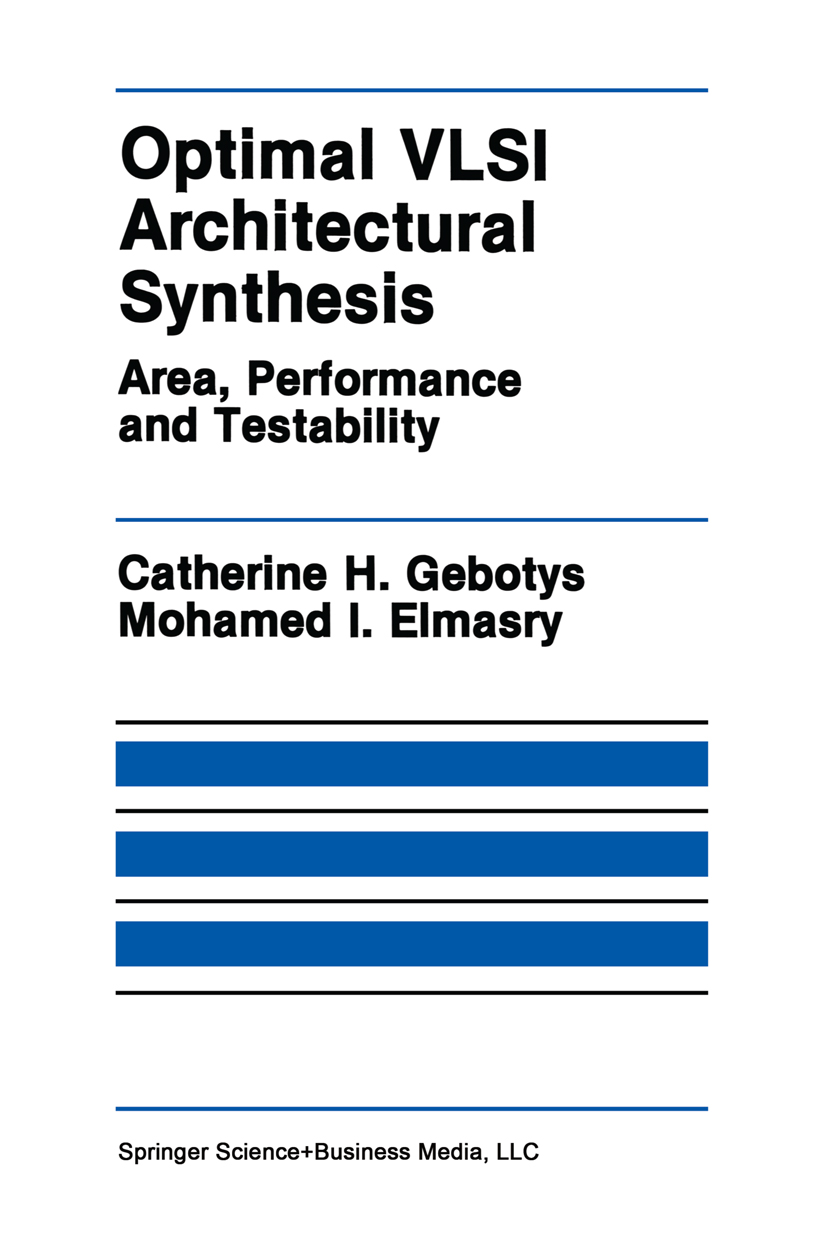
Optimal VLSI Architectural Synthesis Although research in architectural synthesis has been conducted for over ten years it has had very little impact on industry. This in our view is due to the inability of current architectural synthesizers to provide area-delay competitive (or "optimal") architectures, that will support interfaces to analog, asynchronous, and other complex processes. They also fail to incorporate testability. The OASIC (optimal architectural synthesis with interface constraints) architectural synthesizer and the CATREE (computer aided trees) synthesizer demonstrate how these problems can be solved. Traditionally architectural synthesis is viewed as NP hard and there fore most research has involved heuristics. OASIC demonstrates by using an IP approach (using polyhedral analysis), that most input algo rithms can be synthesized very fast into globally optimal architectures. Since a mathematical model is used, complex interface constraints can easily be incorporated and solved. Research in test incorporation has in general been separate from syn thesis research. This is due to the fact that traditional test research has been at the gate or lower level of design representation. Nevertheless as technologies scale down, and complexity of design scales up, the push for reducing testing times is increased. On way to deal with this is to incorporate test strategies early in the design process. The second half of this text examines an approach for integrating architectural synthesis with test incorporation. Research showed that test must be considered during synthesis to provide good architectural solutions which minimize Xlll area delay cost functions. TECHNOLOGY & ENGINEERING,Electronics,Circuits,General
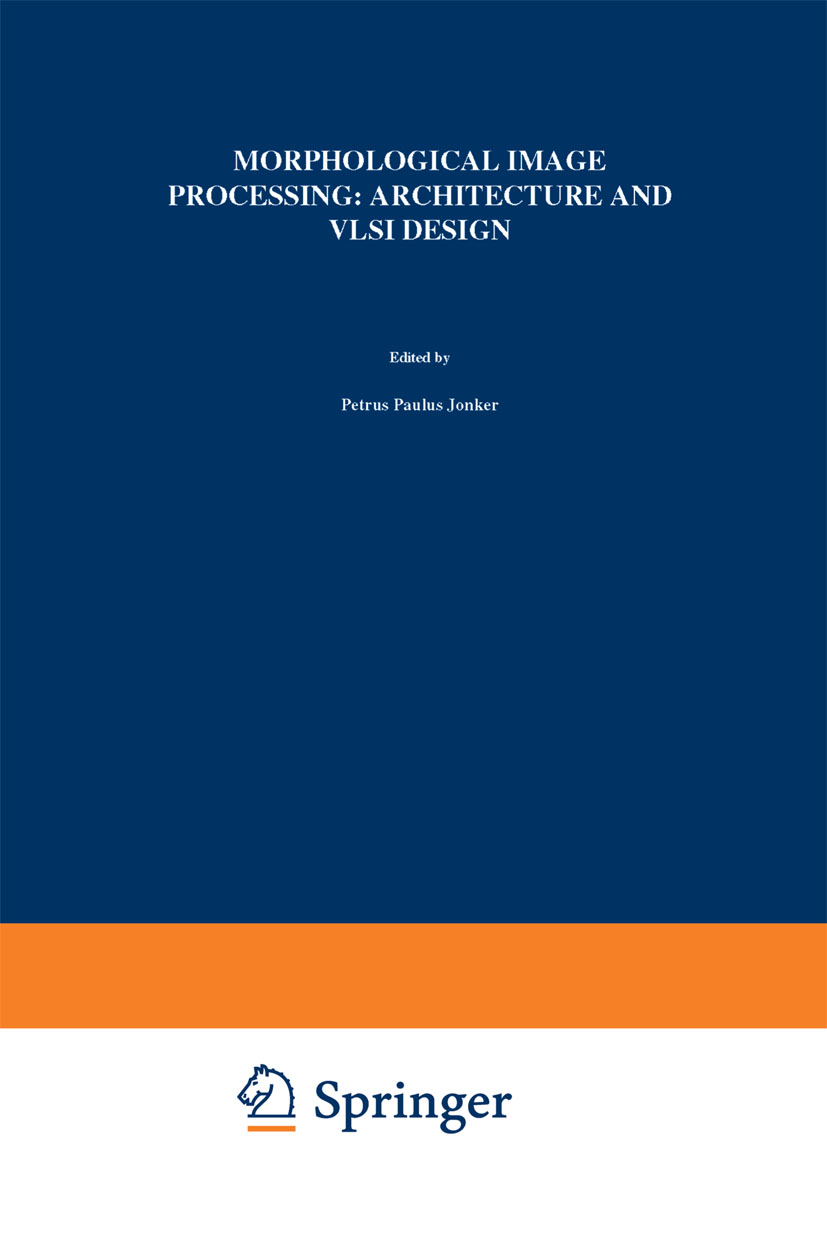
Morphological Image Processing Summary Based on the experiences of past designs and the outcome of recent studies in the comparisons of low-level image processing architectures, a pipelined system for real time low-image processing has been designed and realized in CMOS technology. To minimize design pitfalls, a study was performed to the details of the design solutions that have been found in embodimentsof the three main architectural groups of image processing; the Square Processor Arrays, the Linear Processor Arrays and the Pipelines. This is reflected in a theoretical model. As the design is based on bitplane-wise processing of images, research was performed on the principles ofCellularLogic Processing of two dimensional images. of binary A methodology has been developed that is based on the transformation images using sets of Hit-or-Miss masks. This method appeared to be extendable to higher dimensional images. A theoretical model for the generation of break-point conditions in high dimensional images has been developed, and applied up to dimension three. TECHNOLOGY & ENGINEERING,Electronics,Circuits,General
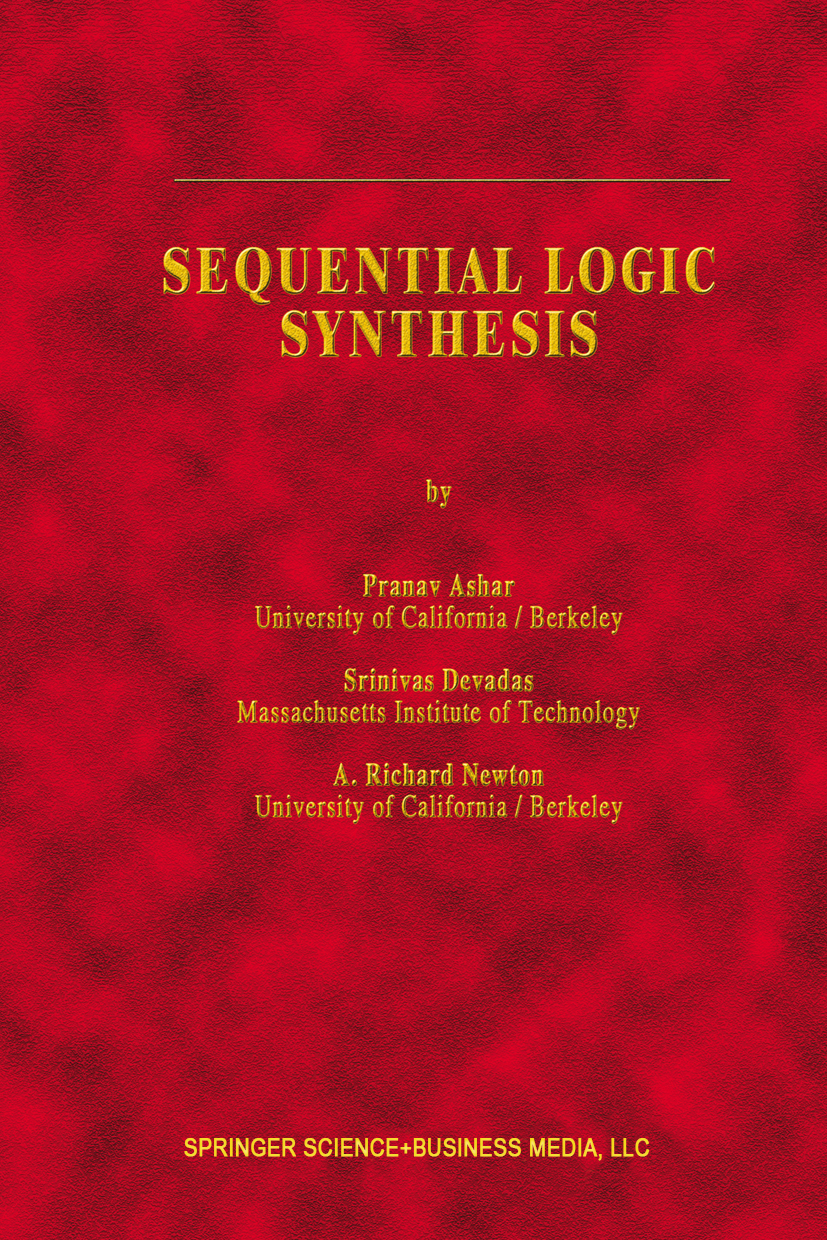
Sequential Logic Synthesis 3. 2 Input Encoding Targeting Two-Level Logic . . . . . . . . 27 3. 2. 1 One-Hot Coding and Multiple-Valued Minimization 28 3. 2. 2 Input Constraints and Face Embedding 30 3. 3 Satisfying Encoding Constraints . . . . . . . 32 3. 3. 1 Definitions . . . . . . . . . . . . . . . 32 3. 3. 2 Column-Based Constraint Satisfaction 33 3. 3. 3 Row-Based Constraint Satisfaction . . 37 3. 3. 4 Constraint Satisfaction Using Dichotomies . 38 3. 3. 5 Simulated Annealing for Constraint Satisfaction 41 3. 4 Input Encoding Targeting Multilevel Logic. . 43 3. 4. 1 Kernels and Kernel Intersections . . . 44 3. 4. 2 Kernels and Multiple-Valued Variables 46 3. 4. 3 Multiple-Valued Factorization. . . . . 48 3. 4. 4 Size Estimation in Algebraic Decomposition . 53 3. 4. 5 The Encoding Step . 54 3. 5 Conclusion . . . . . . . . . 55 4 Encoding of Symbolic Outputs 57 4. 1 Heuristic Output Encoding Targeting Two-Level Logic. 59 4. 1. 1 Dominance Relations. . . . . . . . . . . . . . . . 59 4. 1. 2 Output Encoding by the Derivation of Dominance Relations . . . . . . . . . . . . . . . . . . . . . 60 . . 4. 1. 3 Heuristics to Minimize the Number of Encoding Bits . . . . . . . . . . . . 64 4. 1. 4 Disjunctive Relationships . . . . . . . . . . . 65 4. 1. 5 Summary . . . . . . . . . . . . . . . . . . 66 . . 4. 2 Exact Output Encoding Targeting Two-Level Logic. 66 4. 2. 1 Generation of Generalized Prime Implicants . 68 4. 2. 2 Selecting a Minimum Encodeable Cover . . . 68 4. 2. 3 Dominance and Disjunctive Relationships to S- isfy Constraints . . . . . . . . . . . 70 4. 2. 4 Constructing the Optimized Cover 73 4. 2. 5 Correctness of the Procedure . . 73 4. 2. 6 Multiple Symbolic Outputs . . . TECHNOLOGY & ENGINEERING,Electronics,Circuits,General

Fields, Waves and Transmission Lines One of us (FAB) published a book Problems in Electronics with Solutions in 1957 which became well established and ran to five editions, the last revised and enlarged edition appearing in 1976. When the first edition was written it covered almost the complete undergraduate electronics courses in engin eering at universities. One book, at a price students can afford, can no longer cover an undergraduate course in electronics. It has therefore been decided to produce a book covering one important section of such a course using the experience gained and a few problems from previous editions of Problems in Electronics with Solutions. The book is based largely on problems collected by us over many years and given to undergraduate electronic and electrical engineers. Its purpose is to present the problems, together with a large number of their solutions, in the hope that it will prove valuable to undergraduates and other teachers. It should also be useful for Master's degree students in electronic and electrical engineering and physics, research workers, engineers and scientists in industry and as a reference source. TECHNOLOGY & ENGINEERING,Electronics,Circuits,General

The Design of Communicating Systems "The professional schools will resume their professional responsibilities just to the degree that they can discover a science of design, a body of intellectually tough, partly formalizable, partly empirical teachable doctrine about the design process. " [H.A. Simon, 1968} Design is aimed at the transformation or translation of a specification or high level description into a description in terms of some real-world primitives. As such it involves the removal of the uncertainty about the way in which a required system can be realized. To optimally support the design of systems, we must look at the design process as a whole and at the strong relationship that exists between a designer, the applied design method, the required design tools and the ways in which designs can be expressed. This book focuses on that relationship. The application field we are concerned with is the design of systems in which the communication between system elements is a major design feature. Examples of such communicating systems are: communication protocols, telephone exchange control systems, process control systems, highly modular systems, embedded software, interactive systems, and VLSI systems. In summary, we are concerned with systems in which concurrency plays a major role (concurrency defines the mutual relationship between the activities in the different parts of a system or within a collection of systems). TECHNOLOGY & ENGINEERING,Electronics,Circuits,General
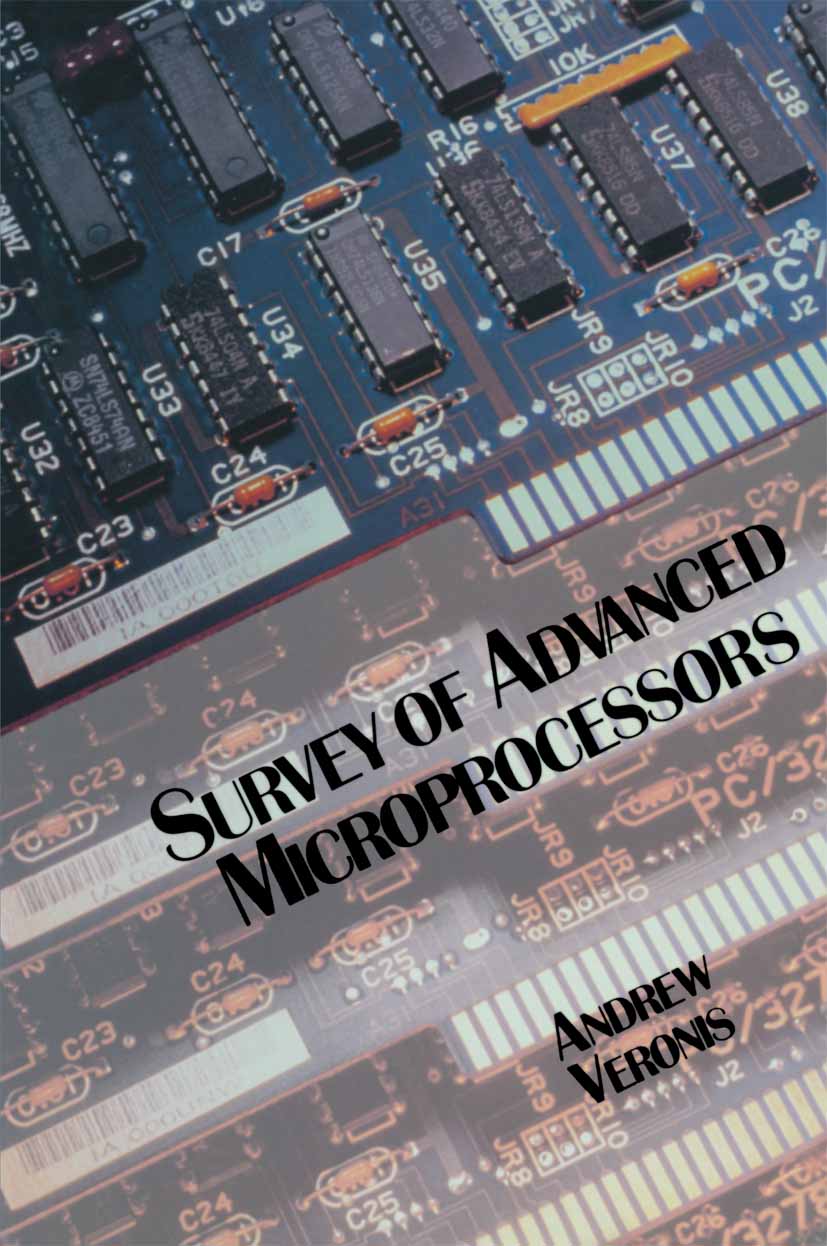
Survey of Advanced Microprocessors Microprocessors have come a long way since their conception. They have become formidable processing tools, and we encounter them in almost every part of our daily activities, from the kitchen with its microwave oven to the cockpit of a sophisticated aircraft. The purposes of this book are to "walk through" the current microprocessor technology and briefly to describe some of the most advanced microprocessors available. The book is a survey of ad vanced microprocessors, aimed particularly at the engineering manager rather than the design engineer. Chapter One outlines the history of microprocessors and describes some terminology used in computer architecture. Chapter Two discusses advanced computer concepts, such as data and data types, addressing modes, pipe lining, and cache memory. Chapter Three .describes new computer architectures, such as reduced-instruction-set computers (RISes) and very-long-instruc tion-word computers. RISC architecture has become very popular among designers. Chapter Four discusses an architecture, data-flow, which is a departure from the conventional von Neumann architecture. NEC has applied the dataflow architecture on the design of a very sophis ticated image processing chip, the NEC PD7281. Chapters Five and Six are case studies, describing the Am29000 and the Transputer, respectively. Chapter Seven describes microprocessors specifically designed for digital signal processing. Chapter Eight discusses micromultiprocessing and describes the various topologies currently used. TECHNOLOGY & ENGINEERING,Electronics,Circuits,General
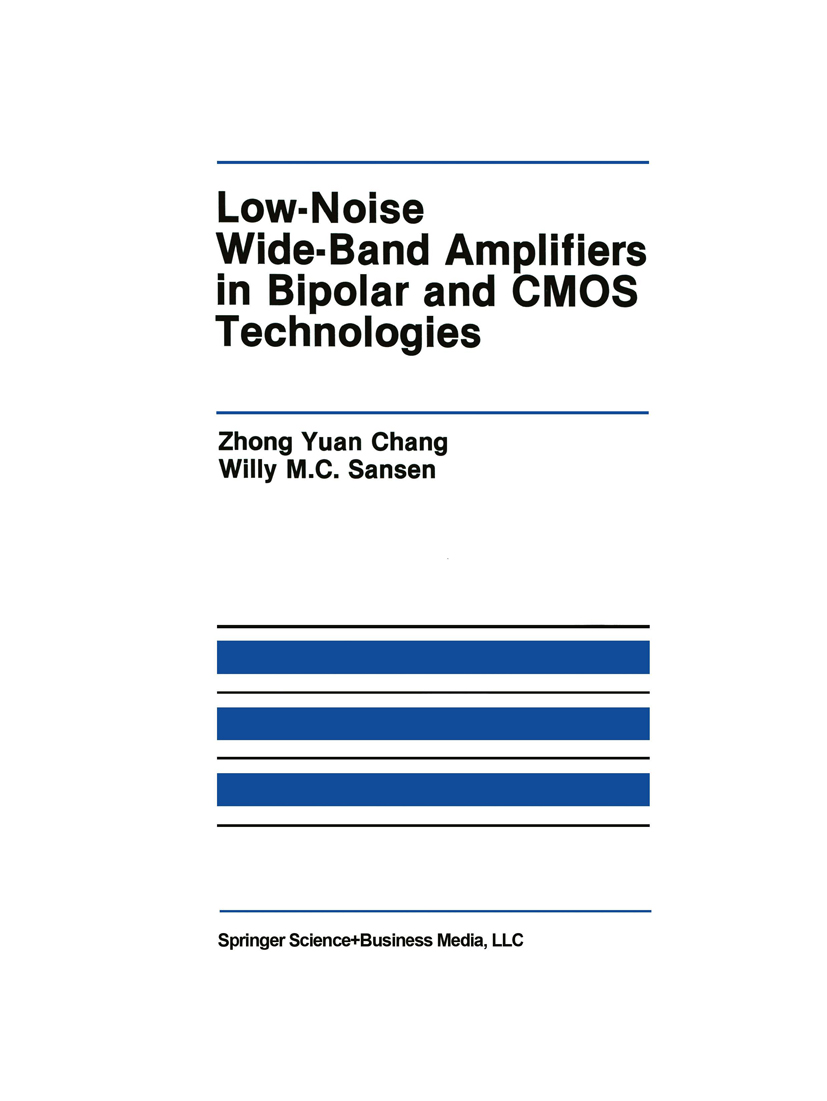
Low-Noise Wide-Band Amplifiers in Bipolar and CMOS Technologies Analog circuit design has grown in importance because so many circuits cannot be realized with digital techniques. Examples are receiver front-ends, particle detector circuits, etc. Actually, all circuits which require high precision, high speed and low power consumption need analog solutions. High precision also needs low noise. Much has been written already on low noise design and optimization for low noise. Very little is available however if the source is not resistive but capacitive or inductive as is the case with antennas or semiconductor detectors. This book provides design techniques for these types of optimization. This book is thus intended firstly for engineers on senior or graduate level who have already designed their first operational amplifiers and want to go further. It is especially for engineers who do not want just a circuit but the best circuit. Design techniques are given that lead to the best performance within a certain technology. Moreover, this is done for all important technologies such as bipolar, CMOS and BiCMOS. Secondly, this book is intended for engineers who want to understand what they are doing. The design techniques are intended to provide insight. In this way, the design techniques can easily be extended to other circuits as well. Also, the design techniques form a first step towards design automation. Thirdly, this book is intended for analog design engineers who want to become familiar with both bipolar and CMOS technologies and who want to learn more about which transistor to choose in BiCMOS. TECHNOLOGY & ENGINEERING,Electronics,Circuits,General
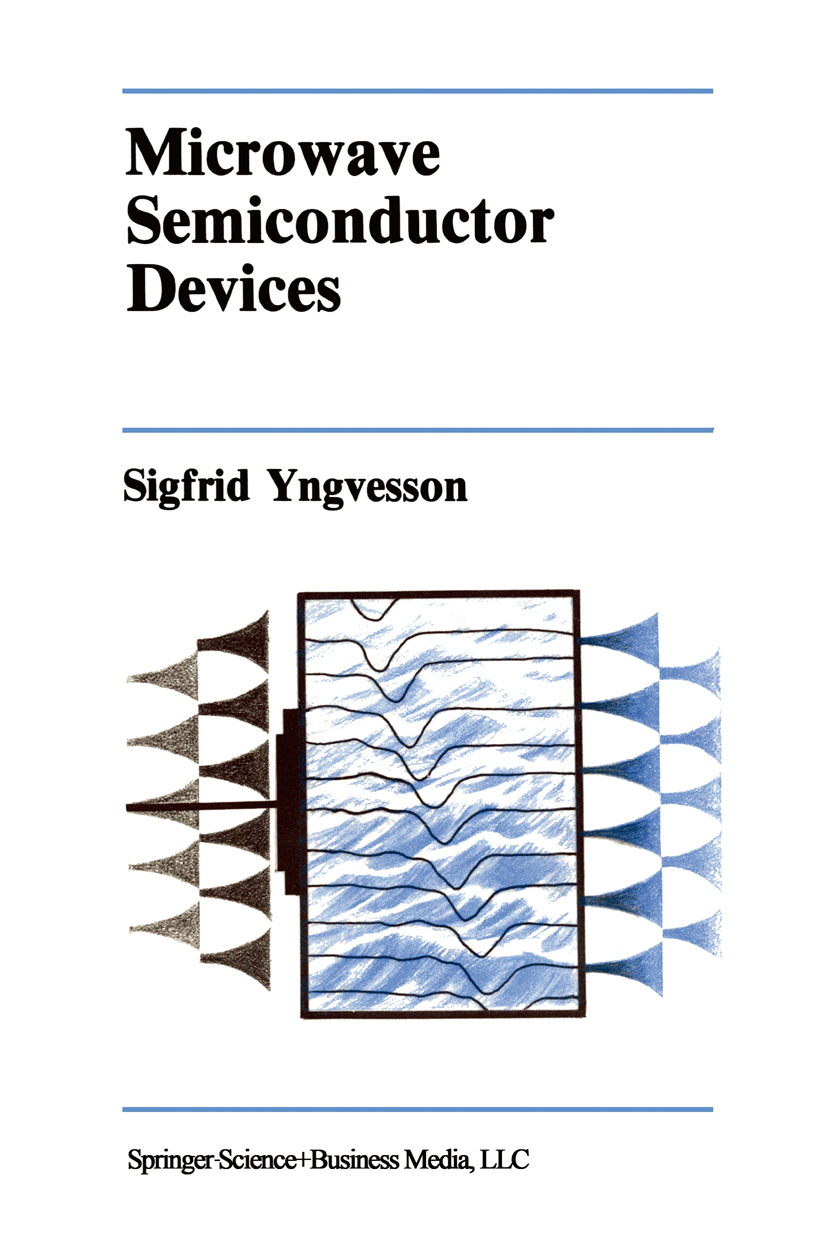
Microwave Semiconductor Devices We have reached the double conclusion: that invention is choice, that this choice is imperatively governed by the sense of scientific beauty. Hadamard (1945), Princeton University Press, by permission. The great majority of all sources and amplifiers of microwave energy, and all devices for receiving or detecting microwaves, use a semiconductor active element. The development of microwave semiconductor devices, de scribed in this book, has proceeded from the simpler, two-terminal, devices such as GUNN or IMPATT devices, which originated in the 1960s, to the sophisticated monolithic circuit MESFET three-terminal active elements, of the 1980s and 1990s. The microwave field has experienced a renais sance in electrical engineering departments in the last few years, and much of this growth has been associated with microwave semiconductor devices. The University of Massachusetts has recently developed a well recognized program in microwave engineering. Much of the momentum for this pro gram has been provided by interaction with industrial companies, and the influx of a large number of industry-supported students. This program had a need for a course in microwave semiconductor devices, which covered the physical aspects, as well as the aspects of interest to the engineer who incorporates such devices in his designs. It was also felt that it would be im portant to introduce the most recently developed devices (HFETs, HBTs, and other advanced devices) as early as possible. TECHNOLOGY & ENGINEERING,Electronics,Circuits,General

Symbolic Analysis for Automated Design of Analog Integrated Circuits It is a great honor to provide a few words of introduction for Dr. Georges Gielen's and Prof. Willy Sansen's book "Symbolic analysis for automated design of analog integrated circuits". The symbolic analysis method presented in this book represents a significant step forward in the area of analog circuit design. As demonstrated in this book, symbolic analysis opens up new possibilities for the development of computer-aided design (CAD) tools that can analyze an analog circuit topology and automatically size the components for a given set of specifications. Symbolic analysis even has the potential to improve the training of young analog circuit designers and to guide more experienced designers through second-order phenomena such as distortion. This book can also serve as an excellent reference for researchers in the analog circuit design area and creators of CAD tools, as it provides a comprehensive overview and comparison of various approaches for analog circuit design automation and an extensive bibliography. The world is essentially analog in nature, hence most electronic systems involve both analog and digital circuitry. As the number of transistors that can be integrated on a single integrated circuit (IC) substrate steadily increases over time, an ever increasing number of systems will be implemented with one, or a few, very complex ICs because of their lower production costs. TECHNOLOGY & ENGINEERING,Electronics,Circuits,General
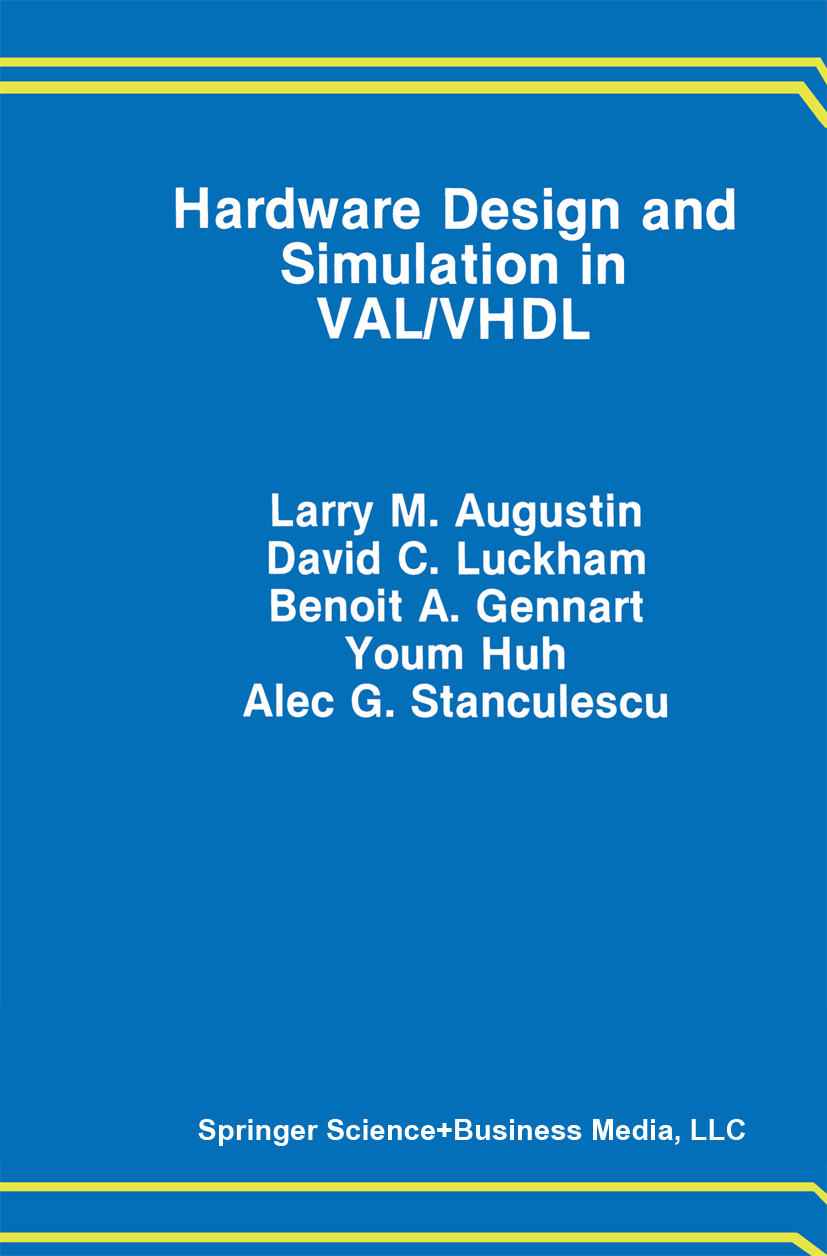
Hardware Design and Simulation in VAL/VHDL The VHSIC Hardware Description Language (VHDL) provides a standard machine processable notation for describing hardware. VHDL is the result of a collaborative effort between IBM, Intermetrics, and Texas Instruments; sponsored by the Very High Speed Integrated Cir cuits (VHSIC) program office of the Department of Defense, beginning in 1981. Today it is an IEEE standard (1076-1987), and several simulators and other automated support tools for it are available commercially. By providing a standard notation for describing hardware, especially in the early stages of the hardware design process, VHDL is expected to reduce both the time lag and the cost involved in building new systems and upgrading existing ones. VHDL is the result of an evolutionary approach to language devel opment starting with high level hardware description languages existing in 1981. It has a decidedly programming language flavor, resulting both from the orientation of hardware languages of that time, and from a ma jor requirement that VHDL use Ada constructs wherever appropriate. During the 1980's there has been an increasing current of research into high level specification languages for systems, particularly in the software area, and new methods of utilizing specifications in systems de velopment. This activity is worldwide and includes, for example, object oriented design, various rigorous development methods, mathematical verification, and synthesis from high level specifications. VAL (VHDL Annotation Language) is a simple further step in the evolution of hardware description languages in the direction of applying new methods that have developed since VHDL was designed. TECHNOLOGY & ENGINEERING,Electronics,Circuits,General
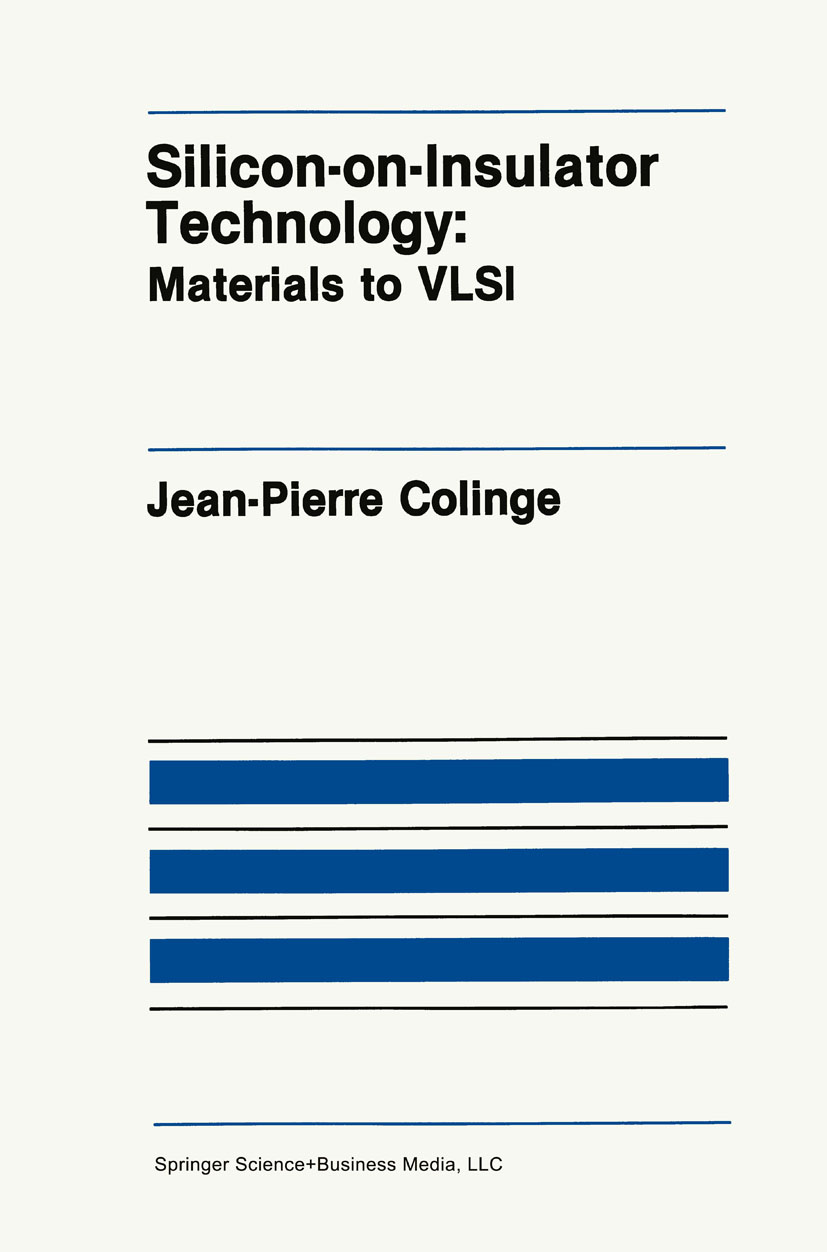
Silicon-on-Insulator Technology 5. 2. Distinction between thick- and thin-film devices . . . . . . . . . . . . . . . . . . . . 109 5. 3. I-V Characteristics . . . . . . . . . . . . . . . . . . . . . . . . . . . . . . . . . . . . . . . . . . . . . . . . . . . . . . . . . . . . . . . . . . . . . . . . . . . . . . . . . 112 5. 3. 1. Threshold voltage . . . . . . . . . . . . . . . . . . . . . . . . . . . . . . . . . . . . . . . . . . . . . . . . . . . . . . . . . . . . . . . . . . . 11 2 5. 3 . 2. Body effecL . . . . . . . . . . . . . . . . . . . . . . . . . . . . . . . . . . . . . . . . . . . . . . . . . . . . . . . . . . . . . . . . . . . . . . . . . . . . . . . . 1 1 8 5. 3. 3. Short-channel effects . . . . . . . . . . . . . . . . . . . . . . . . . . . . . . . . . . . . . . . . . . . . . . . . . . . . . . . . . . . . 120 5. 3. 4. Output characteristics . . . . . . . . . . . . . . . . . . . . . . . . . . . . . . . . . . . . . . . . . . . . . . . . . . . . . . . . . . . 1 24 5. 4. Transconductance and mobility . . . . . . . . . . . . . . . . . . . . . . . . . . . . . . . . . . . . . . . . . . . . . . . . . . . . . . . 129 5. 4. 1 Transconductance . . . . . . . . . . . . . . . . . . . . . . . . . . . . . . . . . . . . . . . . . . . . . . . . . . . . . . . . . . . . . . . . . . . . 129 5. 4. 2. Mobility . . . . . . . . . . . . . . . . . . . . . . . . . . . . . . . . . . . . . . . . . . . . . . . . . . . . . . . . . . . . . . . . . . . . . . . . . . . . . . . . . . . . . . . 130 5. 5. Subthreshold slope . . . . . . . . . . . . . . . . . . . . . . . . . . . . . . . . . . . . . . . . . . . . . . . . . . . . . . . . . . . . . . . . . . . . . . . . . . . . . . . . . 132 5. 6. Impact ionization and high-field effects . . . . . . . . . . . . . . . . . . . . . . . . . . . . . . . . . . . . . . 13 9 5. 6. 1. Kink effecL . . . . . . . . . . . . . . . . . . . . . . . . . . . . . . . . . . . . . . . . . . . . . . . . . . . . . . . . . . . . . . . . . . . . . . . . . . . . . . . . . 1 39 5. 6. 2. Hot-electron degradation . . . . . . . . . . . . . . . . . . . . . . . . . . . . . . . . . . . . . . . . . . . . . . . . . . . . . 143 5. 7. Parasitic bipolar effects . . . . . . . . . . . . . . . . . . . . . . . . . . . . . . . . . . . . . . . . . . . . . . . . . . . . . . . . . . . . . . . . . . . . . . . 145 5. 7. 1. Anomalous subthreshold slope . . . . . . . . . . . . . . . . . . . . . . . . . . . . . . . . . . . . . . . . . 1 45 5. 7. 2. Reduced drain breakdown voltage . . . . . . . . . . . . . . . . . . . . . . . . . . . . . . . . . . 14 7 5. 8. Accumulation-mode p-channel MOSFET . . . . . . . . . . . . . . . . . . . . . . . . . . . . . . . . . . . . . . . 14 9 CHAPTER 6 - Other SOl Devices . . . . . . . . . . . . . . . . . . . . . . . . . . . . . . . . . . . . . . . . . . . . . . . . . . . . . . . . . . . . . . . . . . . . . . . . . . . . . 1 5 9 6. 1. Non-conventional devices adapted from bulk . . . . . . . . . . . . . . . . . . . . . . . . . . . 159 6. 1. 1. COMFET . . . . . . . . . . . . . . . . . . . . . . . . . . . . . . . . . . . . . . . . . . . . . . . . . . . . . . . . . . . . . . . . . . . . . . . . . . . . . . . . . . . . . . . . 160 6. 1. 2. High-voltage lateral MOSFET . . . . . . . . . . . . . . . . . . . . . . . . . . . . . . . . . . . . . . . . . . . . . . 1 6 1 6. 1. 3. PIN photodiode . . . . . . . . . . . . . . . . . . . . . . . . . . . . . . . . . . . . . . . . . . . . . . . . . . . . . . . . . . . . . . . . . . . . . . . . 162 6. 1. 4. JFET . . . . . . . . . . . . . . . . . . . . . . . . . . . . . . . . . . . . . . . . . . . . . . . . . . . . . . . . . . . . . . . . . . . . . . . . . . . . . . . . . . . . . . . . . . . . . . . 163 6. 2. Novel SOl devices . . . . . . . . . . . . . . . . . . . . . . . . . . . . . . . . . . . . . . . . . . . . . . . . . . . . . . . . . . . . . . . . . . . . . . . . . . . . . . . . . . . 164 6. 2. 1. Lubistor . . . . . . . . . . . . . . . . . . . . . . . . . . . . . . . . . . . . . . . . . . . . . . . . . . . . . . . . . . . . . . . . . . . . . . . . . . . . . . . . . . . . . . . 164 6. 2. 2. Bipolar-MOS device . . . . . . . . . . . . . . . . . . . . . . . . . . . . . . . . . . . . . . . . . . . . . . . . . . . . . . . . . . . . . . . . 166 6. 2. 3. Double-gate MOSFET . . . . . . . . . . . . . . . . . . . . . . . . . . . . . . . . . . . . . . . . . . . . . . . . . . . . . . . . . . . . . . 1 69 6. 2. 4. Bipolar transistors . . . . . . . . . . . . . . . . . . . . . . . . . . . . . . . . . . . . . . . . . . . . . . . . . . . . . . . . . . . . . . . . . . 172 6. 2. 5. Optical modulator . . . . . . . . . . . . . . . . . . . . . . . . . . . . . . . . . . . . . . . . . . . . . . . . . . . . . . . . . . . . . . . . . . . . 1 74 CHAPTER 7 - The sm MOSFET Operating in a Harsh Environment. . . . . . . . 1 77 7. 1. Radiation environment. . . . . . . . . . . . . . . . . . . . . . . . . . . . . . . . . . . . . . . . . . . . . . . . . . . . . . . . . . . . . . . . . . . . . . . . . 1 7 7 7. 1. 1. SEU . . . . . . . . . . TECHNOLOGY & ENGINEERING,Electronics,Circuits,General
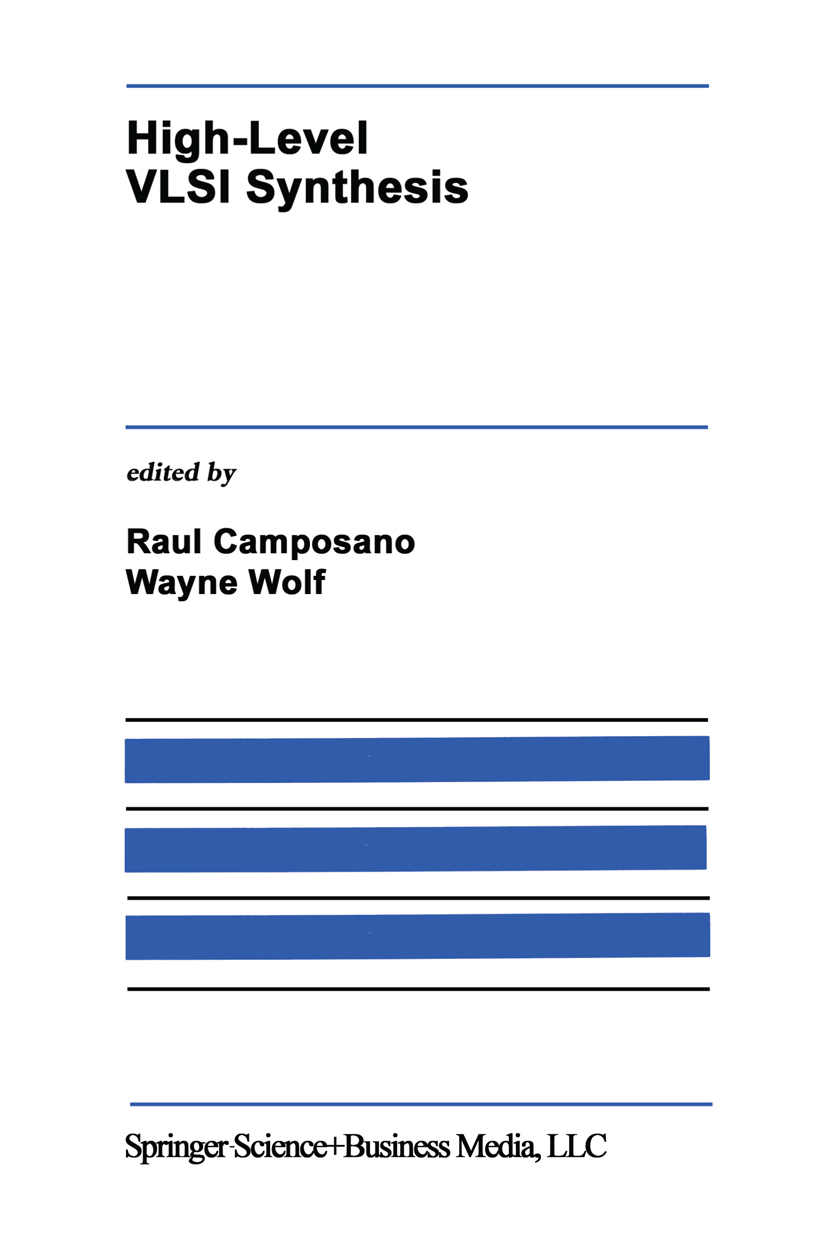
High-Level VLSI Synthesis The time has come for high-level synthesis. When research into synthesizing hardware from abstract, program-like de scriptions started in the early 1970' s, there was no automated path from the register transfer design produced by high-level synthesis to a complete hardware imple mentation. As a result, it was very difficult to measure the effectiveness of high level synthesis methods; it was also hard to justify to users the need to automate architecture design when low-level design had to be completed manually. Today's more mature CAD techniques help close the gap between an automat ically synthesized design and a manufacturable design. Market pressures encour age designers to make use of any and all automated tools. Layout synthesis, logic synthesis, and specialized datapath generators make it feasible to quickly imple ment a register-transfer design in silicon,leaving designers more time to consider architectural improvements. As IC design becomes more automated, customers are increasing their demands; today's leading edge designers using logic synthesis systems are training themselves to be tomorrow's consumers of high-level synthe sis systems. The need for very fast turnaround, a competitive fabrication market WhlCh makes small-quantity ASIC manufacturing possible, and the ever growing co:n plexity of the systems being designed, all make higher-level design automaton inevitable. TECHNOLOGY & ENGINEERING,Electronics,Circuits,General
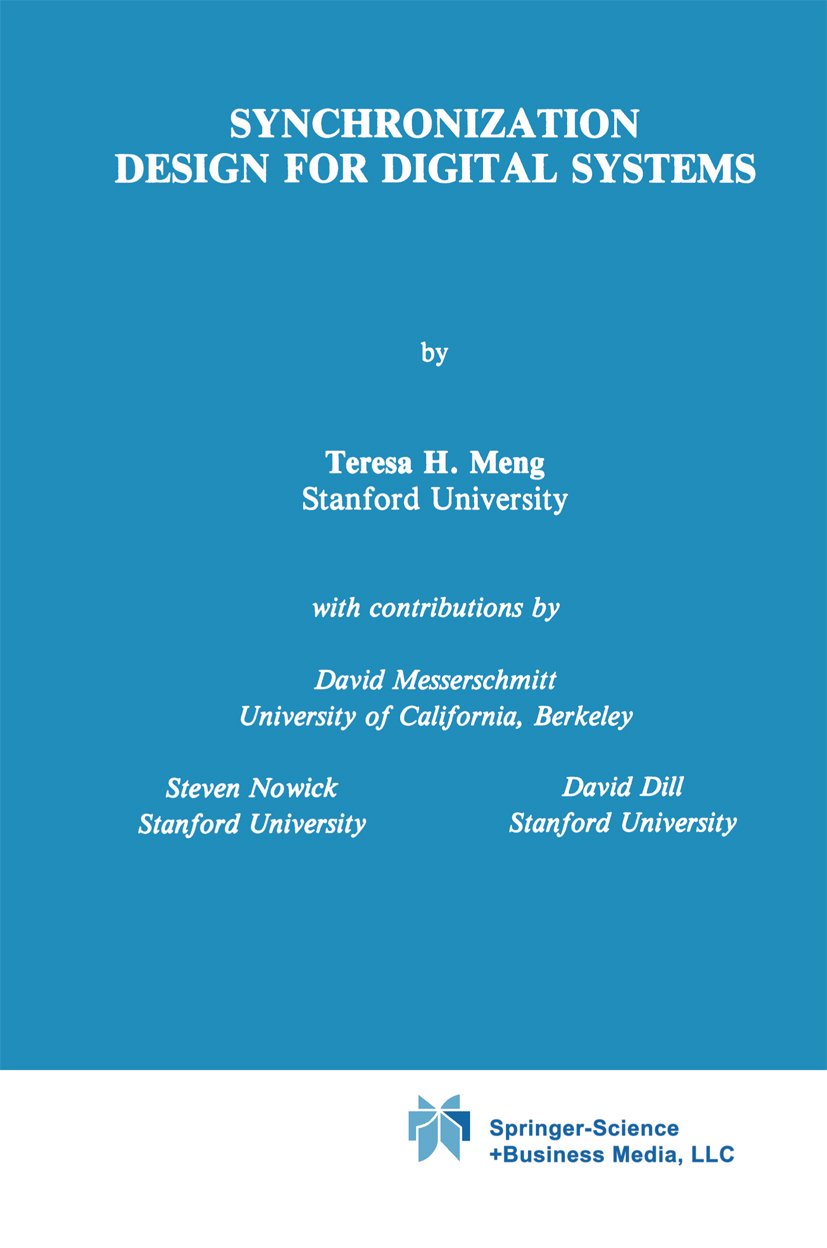
Synchronization Design for Digital Systems Synchronization is one of the important issues in digital system design. While other approaches have always been intriguing, up until now synchro nous operation using a common clock has been the dominant design philo sophy. However, we have reached the point, with advances in technology, where other options should be given serious consideration. This is because the clock periods are getting much smaller in relation to the interconnect propagation delays, even within a single chip and certainly at the board and backplane level. To a large extent, this problem can be overcome with care ful clock distribution in synchronous design, and tools for computer-aided design of clock distribution. However, this places global constraints on the design, making it necessary, for example, to redesign the clock distribution each time any part of the system is changed. In this book, some alternative approaches to synchronization in digital sys tem design are described and developed. We owe these techniques to a long history of effort in both digital system design and in digital communica tions, the latter field being relevant because large propagation delays have always been a dominant consideration in design. While synchronous design is discussed and contrasted to the other techniques in Chapter 6, the dom inant theme of this book is alternative approaches. TECHNOLOGY & ENGINEERING,Electronics,Circuits,General
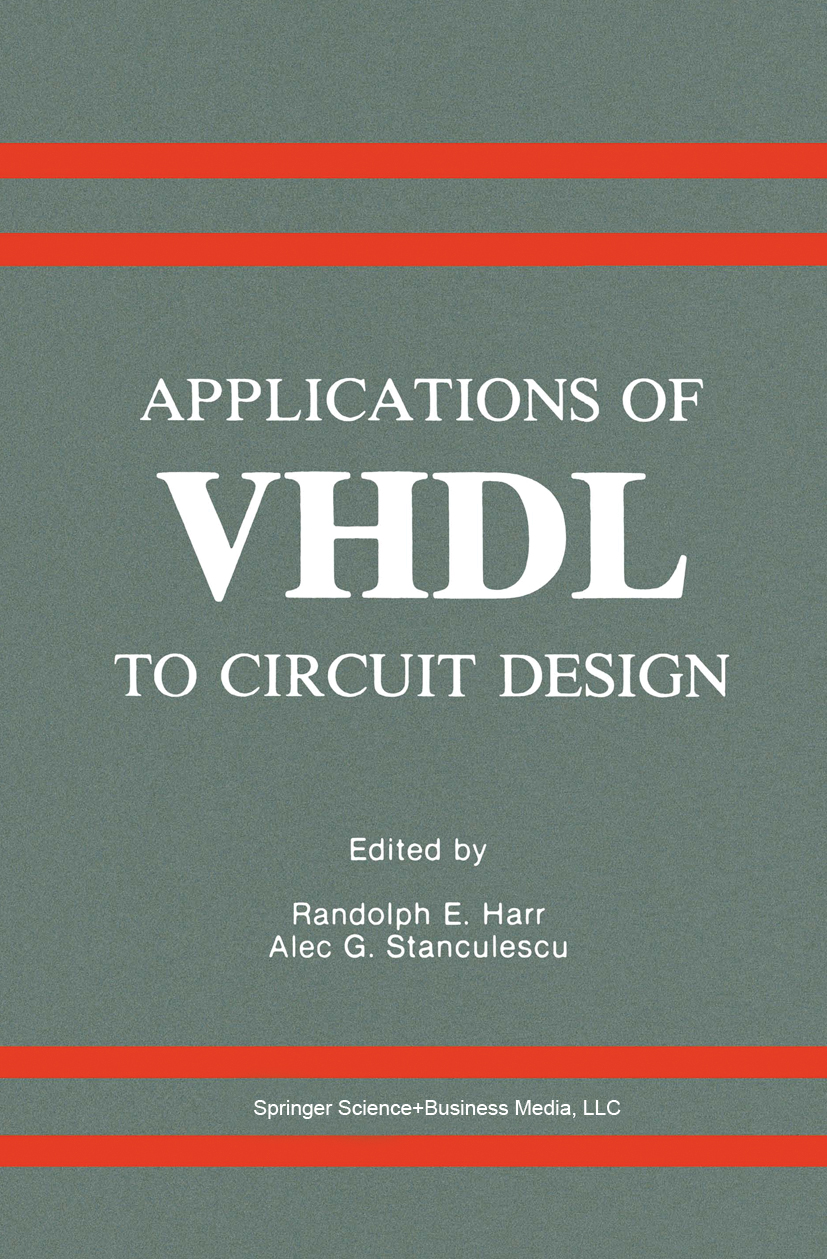
Applications of VHDL to Circuit Design 1. Switch-Level Modeling in VHDL.- 1.1 Introduction.- 1.1.1 Overview.- 1.1.2 Why Switch-level VHDL Descriptions.- 1.1.3 A Switch-level Modeling Solution in VHDL.- 1.1.4 Choice of Algorithm: Interpretative vs. Compiled, and Global vs. Distributed.- 1.2 Advanced Simulator Programming.- 1.2.1 VHDL Simulation Cycle.- 1.2.2 Variables vs Signals & Predefined Attributes.- 1.2.3 Concurrent vs. Sequential Statements.- 1.2.4 User-defined Packages.- 1.2.5 User-defined Types l.- 1.2.6 Value-System and Resolution Functions.- 1.2.7 Properties of Resolution Functions.- 1.3 Switch-Level Package.- 1.3.1 46-value System.- 1.3.2 Functional Support for the 46-value System.- 1.4 Distributed Algorithm for Pass-transistor.- 1.4.1 Modeling Assumptions.- 1.4.2 Overview of Algorithm.- 1.4.3 Completion of Distributed Algorithm.- 1.5 VHDL Implementation of Distributed Algorithm.- 1.6 Examples of Switch-level Networks.- 1.6.1 One-bit RAM.- 1.6.2 Memory Cell based on two Inverters.- 1.6.3 1,2,4 and 6-bit adders.- 1.6.4 Performance of VHDL Switch-level simulation.- 1.7 Future Research.- 1.7.1 Transistor-network Pattern Recognition.- 1.7.2 More Complex Value-System.- 1.7.3 Hardwired Implementations.- 1.7.4 Analog Models in VHDL.- 1.8 Conclusion.- 1.9 References.- 2. Modeling of Transmission Line Effects in Digital Circuits.- 2.1 Introduction.- 2.2 Underlying Concepts and Structure.- 2.2.1 Superposition.- 2.2.2 Identifying and Structuring Modeling Information.- 2.2.3 General Model Structure.- 2.3 Behavioral Models.- 2.3.1 Losstess Transmission Line.- 2.3.2 Receiver.- 2.3.3 Linear Driver.- 2.3.4 General Driver.- 2.4 Application of Transmission Line Behaviors.- 2.4.1 FET Modeling with the General Driver Model.- 2.4.2 Network Example.- 2.4.3 Simulation Results.- 2.4.4 Limitations and Usage.- 2.5 Summary.- References.- 3. Behavior Modeling of Mixed Analog-Digital Circuits.- 3.1 Introduction.- 3.2 Simulation Model.- 3.2.1 Theory.- 3.2.2 General Model Structure.- 3.2.3 Application to Circuits.- 3.3 Design Verification Methodology.- 3.3.1 Step 1: Cell Level.- 3.3.2 Step 2: Chip Level.- 3.4 Application of Analog-Digital Behaviors.- 3.4.1 Function Generator Model.- 3.4.2 Receiver Model.- 3.4.3 Network Example.- 3.4.4 Simulation Results.- 3.4.5 Limitations.- 3.4.6 Model Usage.- 3.5 Summary.- References.- 4. Modeling of Analog-Digital Loops in VHDL.- 4.1 introduction.- 4.2 AGC Loop Behavioral Models.- 4.2.1 Variable Gain Amplifier.- 4.2.2 Envelope Detector.- 4.2.3 Integrating Capacitor.- 4.3 Application of Automatic Gain Control Loops.- 4.3.1 Network Example.- 4.3.2 Simulation Results.- 4.4 Phase-Locked Loop Behavioral Models.- 4.4.1 Single Shot.- 4.4.2 Phase/Frequency Detector.- 4.4.3 Charge Pump.- 4.4.4 Second-Order Filter.- 4.4.5 Voltage Controlled Oscillator.- 4.5 Application of Phase-Locked Loop.- 4.5.1 Network Example.- 4.5.2 Simulation Results.- 4.5.3 Limitations and Usage.- 4.6 Summary.- References.- 5. Modeling Style Issues for Synthesis.- 5.1 What is HDL Synthesis?.- 5.2 Applying HDL Synthesis Technology.- 5.2.1 The Synthesis Continuum.- 5.2.2 Quality/Productivity Design Automation Acceptance Criteria.- 5.2.3 Practical Considerations.- 5.3 An HDL Synthesis Policy.- 5.3.1 Design Methodology.- 5.3.2 Design Style.- 5.3.3 Supported Language Constructs.- 5.4 Synthesis of Register Transfer Level Constructs.- 5.5 Synthesis Style Issues in VHDL.- 5.5.1 Process Independent Modeling Paradigm.- 5.5.2 Synchronous Operation Through Implicit Storage Elements.- 5.5.3 Partially Asynchronous Operation.- 5.5.4 Asynchronous Operation.- 5.6 A Complete Example.- 5.7 Closing Remarks.- 6. Modeling of Standard Component Libraries.- 6.1 Structure of Model Libraries.- 6.2 Relevant Issues in Logic Simulation.- 6.3 Layers of Abstraction.- 6.4 Independence from Physical Packaging.- 6.5 Strength/Level Values Set Independence.- 6.6 Independence from Timing Parameter Values.- 6.7 Toward a Standard.- 6.8 Summary.- 7. Anomalies in VHDL and How to Address Them.- 7.1 Common Misconceptions about VHDL.- 7.1.1 VHDL Processes and Drivers.- 7.1.2 Initialization of Signals.- 7.1.3 Working Around the Lack of Global Variables in VHDL.- 7.1.4 Use of ‘out’ and ‘buffer’ Mode Ports.- 7.1.5 Use of Bus and Register Signals.- 7.1.6 Predefined Signal Attributes.- 7.2 VHDL Language Inconsistencies.- 7.2.1 The Textio Package.- 7.2.2 Spaces in Abstract/Physical Literals.- 7.2.3 Null Slices.- 7.2.4 Slices in Case Statements.- 7.2.5 Resolution Function Parameters.- 7.3 Summary.- 7.4 References. TECHNOLOGY & ENGINEERING,Electronics,Circuits,General

Parallel Algorithms and Architectures for DSP Applications Over the past few years, the demand for high speed Digital Signal Proces sing (DSP) has increased dramatically. New applications in real-time image processing, satellite communications, radar signal processing, pattern recogni tion, and real-time signal detection and estimation require major improvements at several levels; algorithmic, architectural, and implementation. These perfor mance requirements can be achieved by employing parallel processing at all levels. Very Large Scale Integration (VLSI) technology supports and provides a good avenue for parallelism. Parallelism offers efficient sohitions to several problems which can arise in VLSI DSP architectures such as: 1. Intermediate data communication and routing: several DSP algorithms, such as FFT, involve excessive data routing and reordering. Parallelism is an efficient mechanism to minimize the silicon cost and speed up the pro cessing time of the intermediate middle stages. 2. Complex DSP applications: the required computation is almost doubled. Parallelism will allow two similar channels processing at the same time. The communication between the two channels has to be minimized. 3. Applicatilm specific systems: this emerging approach should achieve real-time performance in a cost-effective way. 4. Testability and fault tolerance: reliability has become a required feature in most of DSP systems. To achieve such property, the involved time overhead is significant. Parallelism may be the solution to maintain ac ceptable speed performance. TECHNOLOGY & ENGINEERING,Electronics,Circuits,General
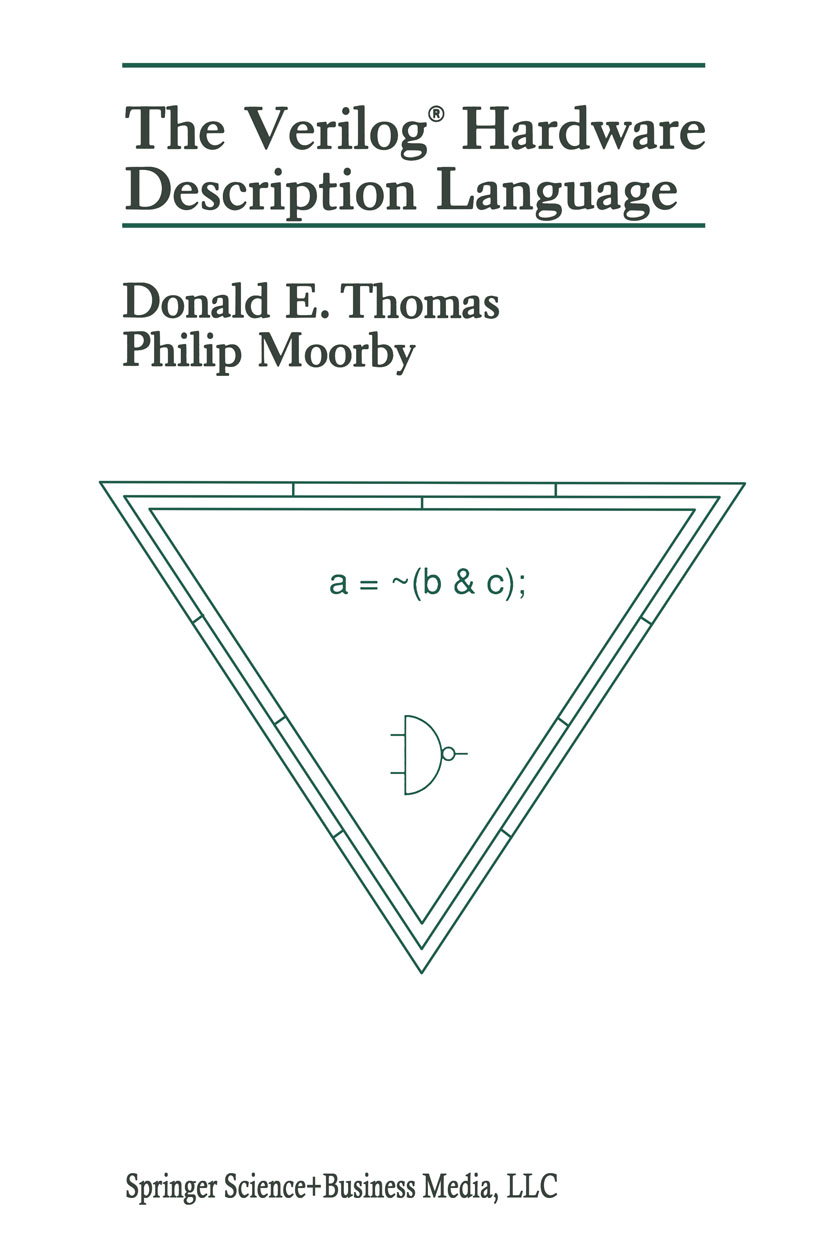
The Verilog® Hardware Description Language The Verilog language is a hardware description language which provides a means of specifying a digital system at a wide range of levels of abstraction. The language supports the early conceptual stages of design with its behavioral level of abstraction, and the later implementation stages with its structural level of abstraction. The language provides hierarchical constructs, allowing the designer to control the complexity of a description. Verilog was originally designed in the winter of 1983/84 as a proprietary verification/simulation product. Since then, several other proprietary analysis tools have been developed around the language, including a fault simulator and a timing analyzer; the language being instrumental in providing consistency across these tools. Now, the language is openly available for any tool to read and write. This book introduces the language. It is sometimes difficult to separate the language from the simulator tool because the dynamic aspects of the language are defined by the way the simulator works. Where possible, we have stayed away from simulator-specific details and concentrated on design specification, but have included enough information to be able to have working executable models. The book takes a tutorial approach to presenting the language. TECHNOLOGY & ENGINEERING,Electronics,Circuits,General
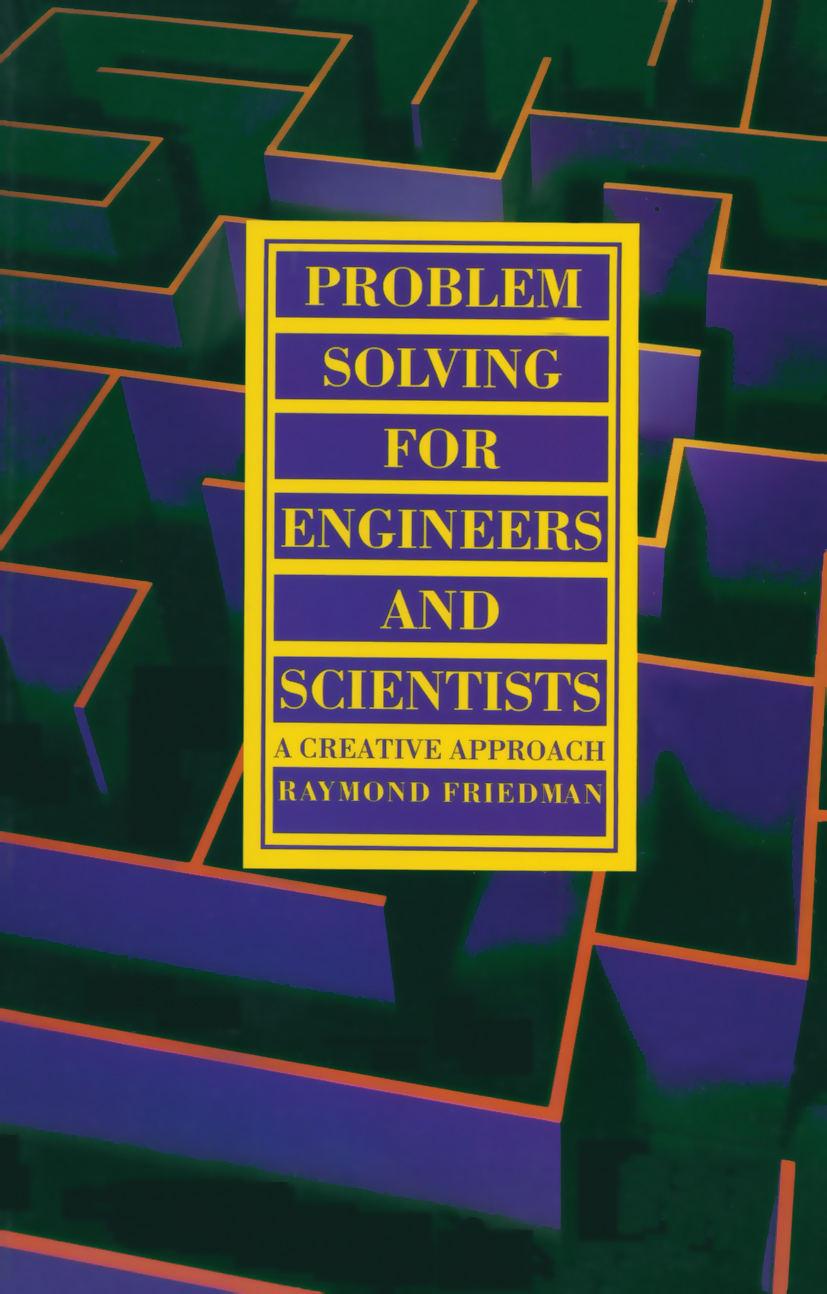
Problem Solving For Engineers and Scientists Let's assume that you, the reader, have been educated in the basics of science and perhaps some branch of engineering. You have access to textbooks and handbooks, and you are comfortable with a computer. One day, you find yourself faced with a technical problem. If this problem happens to be essentially identical to a previous problem, which you were trained to solve, clearly you will have no difficulty. Unfortunately, however, the variety of technical problems that you might encounter is enormous. The chance is small that a given problem will be an exact replica of a familiar problem. In such a case, it is possible that you will reach out for the first relevant quantitative relationship that occurs to you. You then might substitute numbers into a formula and obtain an answer, perhaps with the aid of a computer or hand calculator. As the many examples in this book will demonstrate, your answer is quite likely to be wrong because you have overlooked some important aspect of the problem. You can easily convince yourself of this fact by tackling some of the problems in this book. TECHNOLOGY & ENGINEERING,Electronics,Circuits,General
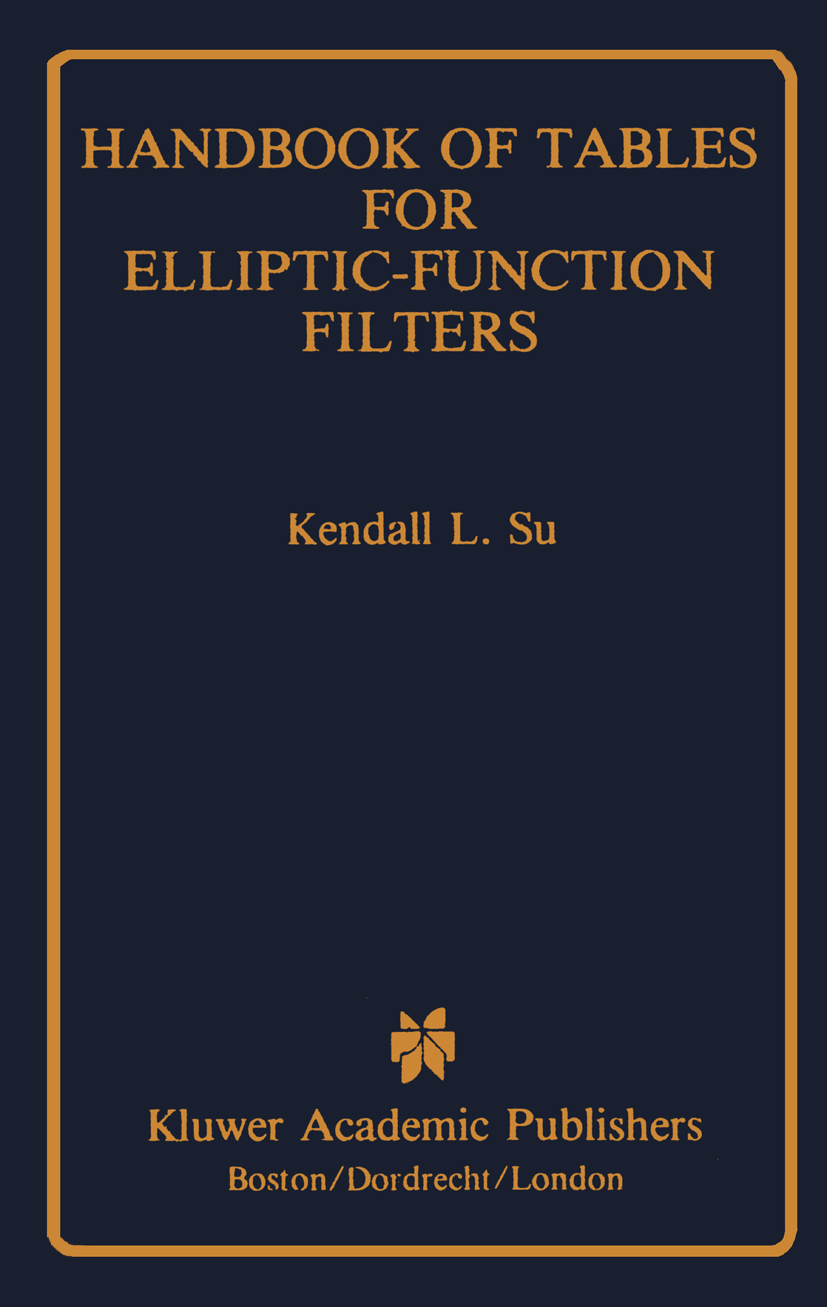
Handbook of Tables for Elliptic-Function Filters This handbook is inspired by occasional questions from my stu dents and coworkers as to how they can obtain easily the best network functions from which they can complete their filter design projects to satisfy certain criteria. They don't need any help to design the filter. They need only the network function. It appears that this crucial step can be a bottleneck to designers. This handbook is meant to supply the information for those who need a quick answer to a simple question of this kind. There are three most useful basic standard low-pass magnitude characteristics used in filter design. These are the Butterworth, the Chebyshev, and the elliptic characteristics. The Butterworth charac teristic is maximally flat at the origin. The Chebyshev characteristic gives equal-ripple variation in the pass band. The elliptic character istic gives equal-ripple variation in both the pass band and the stop band. The Butterworth and the Chebyshev characteristics are fairly easy to use, and formulas for their parameters are widely available and fairly easy to apply. The theory and derivation of formulas for the elliptic characteristic, however, are much more difficult to handle and understand. This is chiefly because their original development made use of the Jacobian elliptic functions, which are not familiar to most electrical engineers. Although there are several other methods of developing this characteristic, such as the potential analogy, the Chebyshev rational functions, and numerical techniques, most filter designers are as unfamiliar with these methods as they are with the elliptic functions. TECHNOLOGY & ENGINEERING,Electronics,Circuits,General
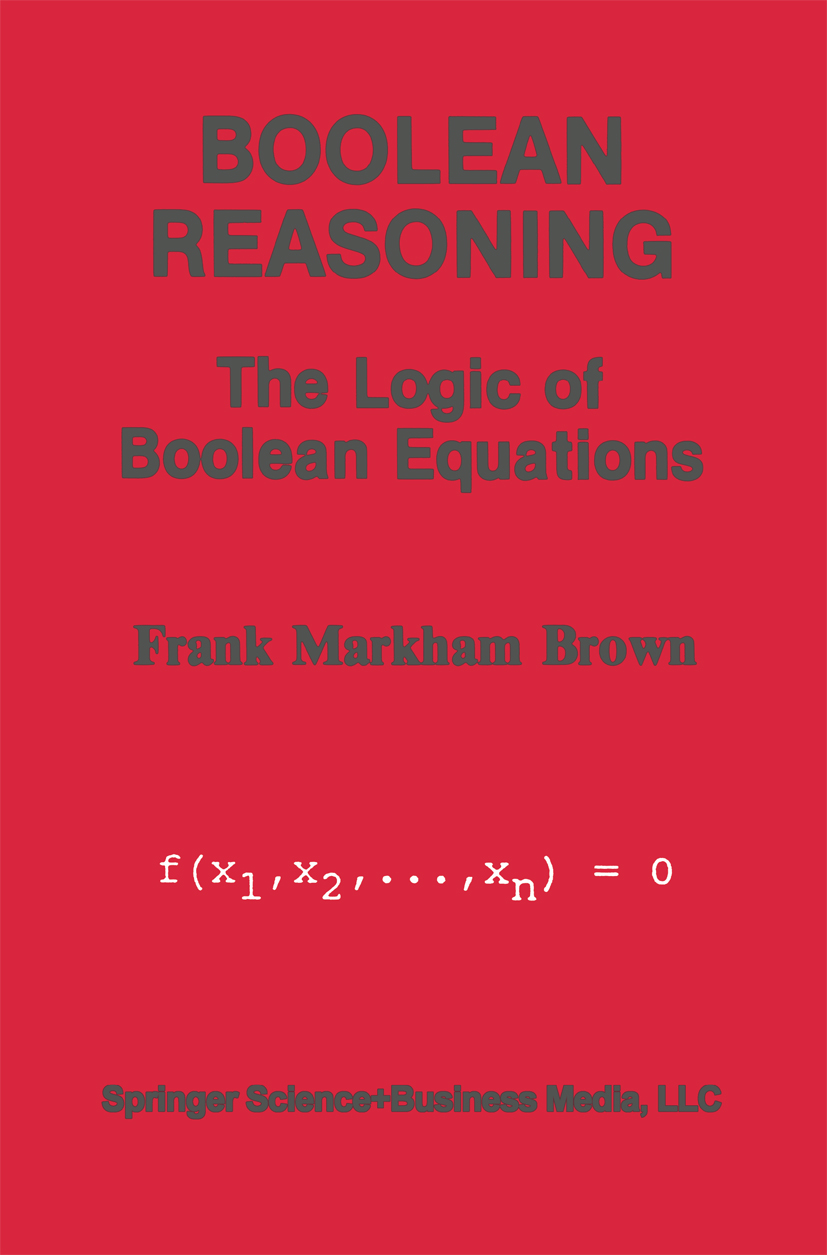
Boolean Reasoning This book is about the logic of Boolean equations. Such equations were central in the "algebra of logic" created in 1847 by Boole [12, 13] and devel oped by others, notably Schroder [178], in the remainder of the nineteenth century. Boolean equations are also the language by which digital circuits are described today. Logicians in the twentieth century have abandoned Boole's equation based logic in favor of the more powerful predicate calculus. As a result, digital engineers-and others who use Boole's language routinely-remain largely unaware of its utility as a medium for reasoning. The aim of this book, accordingly, is to is to present a systematic outline of the logic of Boolean equations, in the hope that Boole's methods may prove useful in solving present-day problems. Two Logical Languages Logic seeks to reduce reasoning to calculation. Two main languages have been developed to achieve that object: Boole's "algebra of logic" and the predicate calculus. Boole's approach was to represent classes (e. g. , happy creatures, things productive of pleasure) by symbols and to represent logical statements as equations to be solved. His formulation proved inadequate, however, to represent ordinary discourse. A number of nineteenth-century logicians, including Jevons [94], Poretsky [159], Schroder [178], Venn [210], and Whitehead [212, 213], sought an improved formulation based on ex tensions or modifications of Boole's algebra. These efforts met with only limited success. TECHNOLOGY & ENGINEERING,Electronics,Circuits,General

ESD Program Management In today's electronics business, managing an ESD progranris an integral part of a complete quality program. In fact, any electronics firm without an active ESD program puts itself and its customers at risk. This book illustrates one good example of the detail and dedication to quality that AT&T expects within its own operations and from its suppliers. Writing of the book began at a time when Ted Dangelmayer was burdened with many demands. These demands were from AT&T's own operations, internal suppliers, external suppliers, customers and others looking for a better understanding of the phenomenon of ESD, its impact and, most of all, ways to control and manage it. In a way, this book is a response to these demands by making available a reader friendly document that distills the hard-won experiences of Ted and AT&T. The information and methods in this book have been gained at no small cost and produce results that far exceed eXRenses. There is, however, a caveat: Success will not be obtained unless there is real management commitment. This means management must allocate the necessary resources and provide active support to ensure that training, auditing, reporting, tracking and an aggressive corrective action program all take place successfully. Ted is an internationally recognized authority, and you will benefit greatly by listening to his advice and following his recommendations. TECHNOLOGY & ENGINEERING,Electronics,Circuits,General
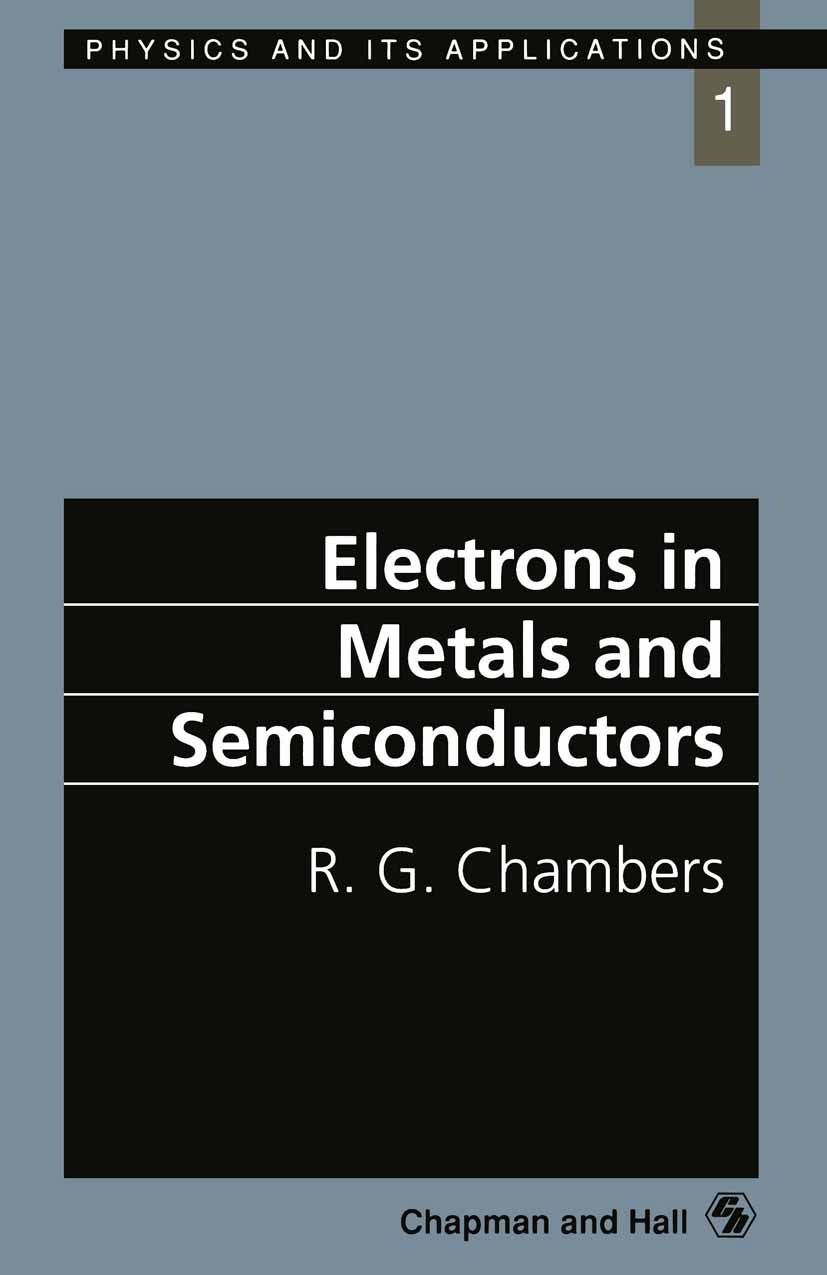
Electrons in Metals and Semiconductors Solid-state physics has for many years been one of the largest and most active areas of research in physics, and the physics of metals and semiconductors has in turn been one of the largest and most active areas in solid-state physics. Despite this, it is an area in which new and quite unexpected phenomena - such as the quantum Hall effect - are still being discovered, and in which many things are not yet fully understood. It forms an essential part of any undergraduate physics course. A number of textbooks on solid-state physics have appeared over the years and, because the subject has now grown so large, the books too have usually been large. By aiming at a more limited range of topics, I have tried in this book to cover them within a reasonably small compass. But I have also tried to avoid the phrase 'It can be shown that. . . ', as far as possible, and instead to explain to the reader just why things are the way they are; and sometimes this takes a little longer. I hope that some readers at least will find this approach helpful. 1 The free-electron model 1. 1 THE CLASSICAL DRUDE THEORY The characteristic properties of metals and semiconductors are due to their conduction electrons: the electrons in the outermost atomic shells, which in the solid state are no longer bound to individual atoms, but are free to wander through the solid. TECHNOLOGY & ENGINEERING,Electronics,Circuits,General
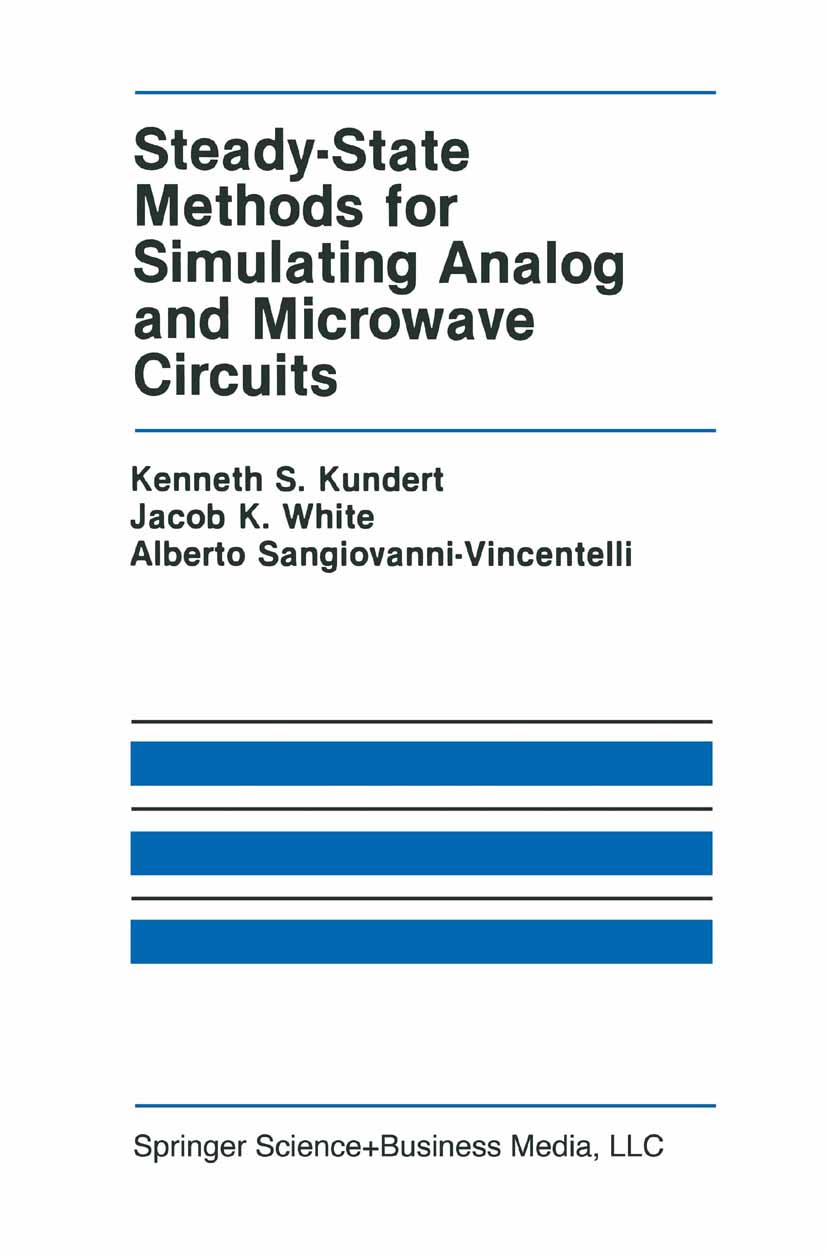
Steady-State Methods for Simulating Analog and Microwave Circuits The motivation for starting the work described in this book was the interest that Hewlett-Packard's microwave circuit designers had in simulation techniques that could tackle the problem of finding steady state solutions for nonlinear circuits, particularly circuits containing distributed elements such as transmission lines. Examining the problem of computing steady-state solutions in this context has led to a collection of novel numerical algorithms which we have gathered, along with some background material, into this book. Although we wished to appeal to as broad an audience as possible, to treat the subject in depth required maintaining a narrow focus. Our compromise was to assume that the reader is familiar with basic numerical methods, such as might be found in [dahlquist74] or [vlach83], but not assume any specialized knowledge of methods for steady-state problems. Although we focus on algorithms for computing steady-state solutions of analog and microwave circuits, the methods herein are general in nature and may find use in other disciplines. A number of new algorithms are presented, the contributions primarily centering around new approaches to harmonic balance and mixed frequency-time methods. These methods are described, along with appropriate background material, in what we hope is a reasonably satisfying blend of theory, practice, and results. The theory is given so that the algorithms can be fully understood and their correctness established. TECHNOLOGY & ENGINEERING,Electronics,Circuits,General
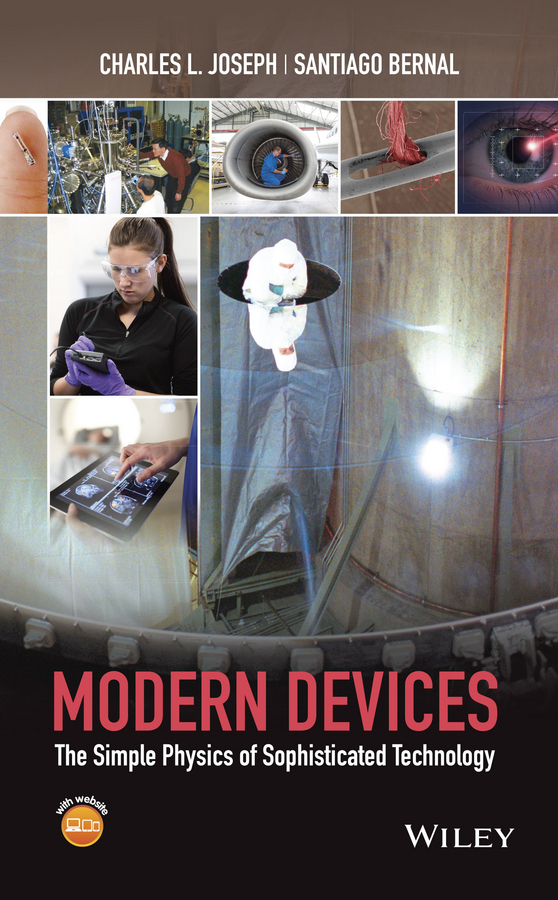
Modern Devices Focuses on the common recurring physical principles behind sophisticated modern devices This book discusses the principles of physics through applications of state-of-the-art technologies and advanced instruments. The authors use diagrams, sketches, and graphs coupled with equations and mathematical analysis to enhance the reader’s understanding of modern devices. Readers will learn to identify common underlying physical principles that govern several types of devices, while gaining an understanding of the performance trade-off imposed by the physical limitations of various processing methods. The topics discussed in the book assume readers have taken an introductory physics course, college algebra, and have a basic understanding of calculus. Describes the basic physics behind a large number of devices encountered in everyday life, from the air conditioner to Blu-ray discs Covers state-of-the-art devices such as spectrographs, photoelectric image sensors, spacecraft systems, astronomical and planetary observatories, biomedical imaging instruments, particle accelerators, and jet engines Includes access to a book companion site that houses Power Point slides Modern Devices: The Simple Physics of Sophisticated Technology is designed as a reference for professionals that would like to gain a basic understanding of the operation of complex technologies. The book is also suitable as a textbook for upper-level undergraduate non-major students interested in physics. TECHNOLOGY & ENGINEERING,Electronics,Circuits,General
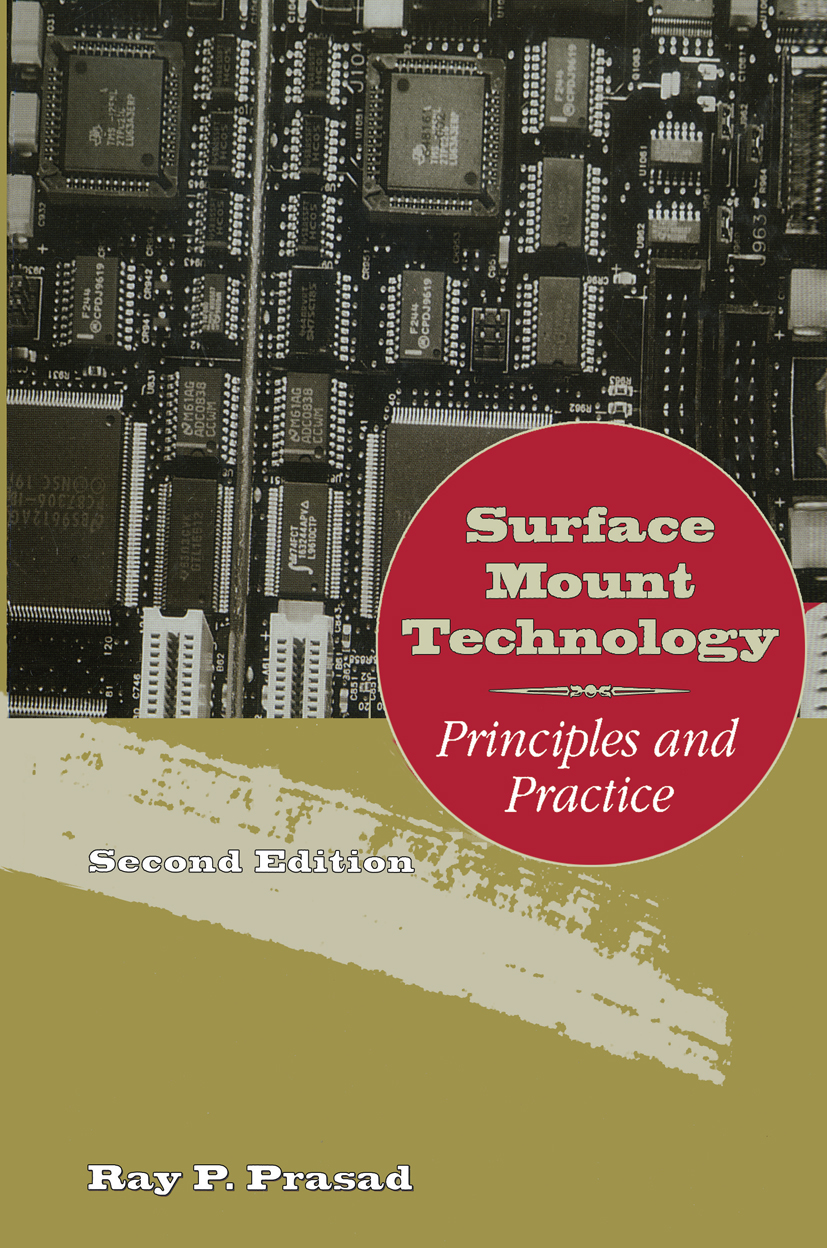
Surface Mount Technology A foreword is usually prepared by someone who knows the author or who knows enough to provide additional insight on the purpose of the work. When asked to write this foreword, I had no problem with what I wanted to say about the work or the author. I did, however, wonder why people read a foreword. It is probably of value to know the background of the writer of a book; it is probably also of value to know the background of the individual who is commenting on the work. I consider myself a good friend of the author, and when I was asked to write a few words I felt honored to provide my view of Ray Prasad, his expertise, and the contribution that he has made to our industry. This book is about the industry, its technology, and its struggle to learn and compete in a global market bursting with new ideas to satisfy a voracious appetite for new and innovative electronic products. I had the good fortune to be there at the beginning (or almost) and have witnessed the growth and excitement in the opportunities and challenges afforded the electronic industries' engineering and manufacturing talents. In a few years my involve ment will span half a century. TECHNOLOGY & ENGINEERING,Electronics,Circuits,General
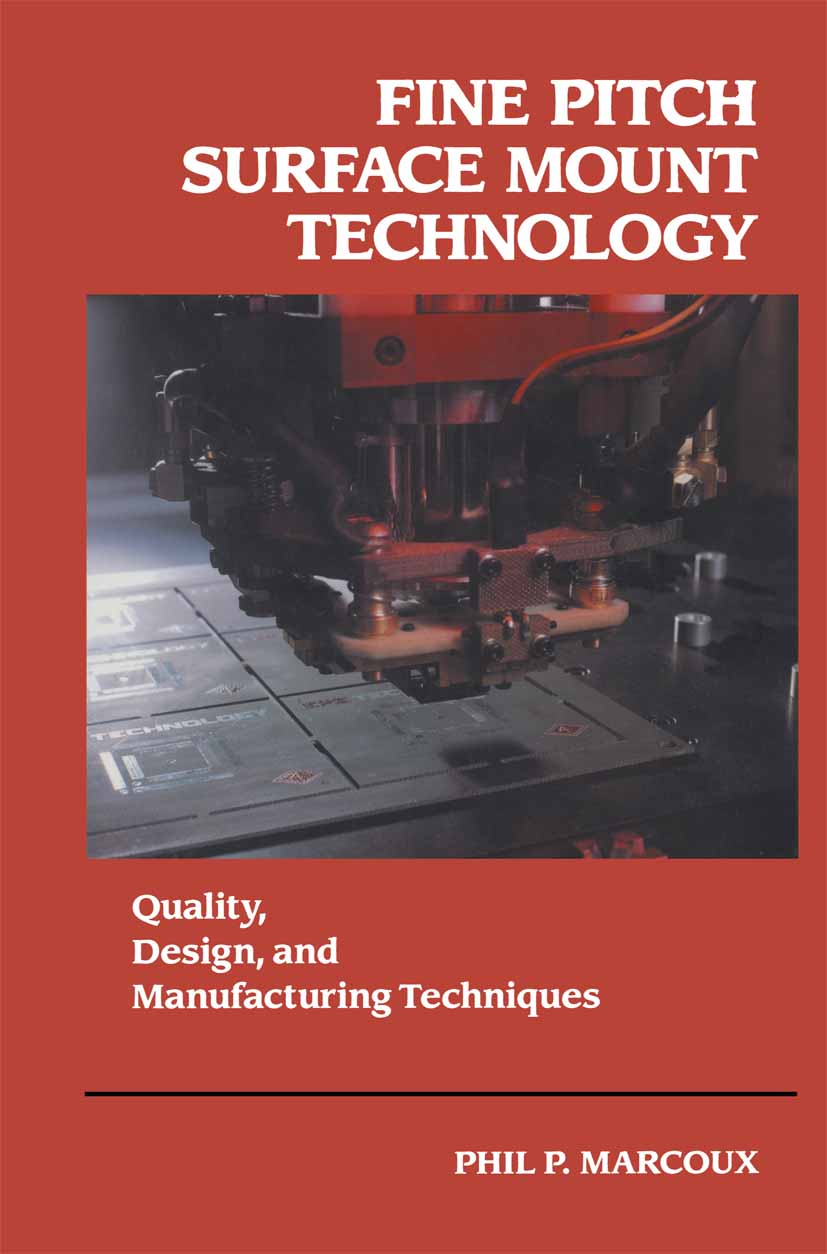
Fine Pitch Surface Mount Technology Fine pitch high lead count integrated circuit packages represent a dramatic change from the conventional methods of assembling electronic components to a printed interconnect circuit board. To some, these FPTpackages appear to bean extension of the assembly technology called surface mount or SMT. Many of us who have spent a significant amount of time developing the process and design techniques for these fine pitchpackages haveconcluded that these techniquesgobeyondthose commonly useed for SMT. In 1987 the presentauthor, convincedofthe uniqueness ofthe assembly and design demands ofthese packages, chaired ajoint committee where the members agreed to use fine pitch technology (FPT) as the defining term for these demands. The committee was unique in several ways, one being that it was the first time three U. S. standards organizations, the IPC (Lincolnwood, IL), theEIA(Washington, D. C. ),and theASTM (Philadelphia),cametogether tocreate standards before a technology was in high demand. The term fine pitch technology and its acronym FPT have since become widely accepted in the electronics industry. The knowledge of the terms and demands of FPT currently exceed the usage of FPT packaged components, but this is changing rapidly because of the size, performance, and cost savings of FPT. I have resisted several past invitations to write other technical texts. However, I feel there are important advantages and significant difficulties to be encountered with FPT. TECHNOLOGY & ENGINEERING,Electronics,Circuits,General
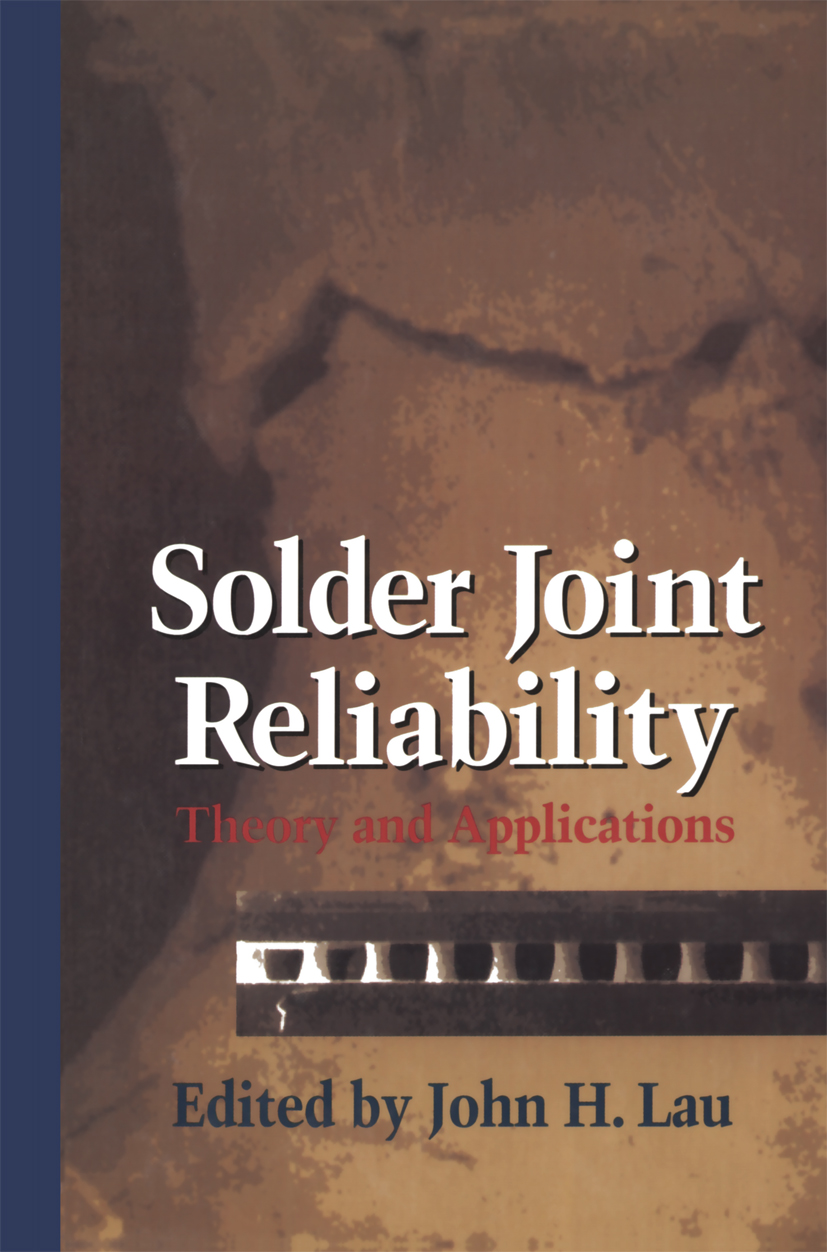
Solder Joint Reliability Solders have given the designer of modern consumer, commercial, and military electronic systems a remarkable flexibility to interconnect electronic components. The properties of solder have facilitated broad assembly choices that have fueled creative applications to advance technology. Solder is the electrical and me chanical "glue" of electronic assemblies. This pervasive dependency on solder has stimulated new interest in applica tions as well as a more concerted effort to better understand materials properties. We need not look far to see solder being used to interconnect ever finer geo metries. Assembly of micropassive discrete devices that are hardly visible to the unaided eye, of silicon chips directly to ceramic and plastic substrates, and of very fine peripheral leaded packages constitute a few of solder's uses. There has been a marked increase in university research related to solder. New electronic packaging centers stimulate applications, and materials engineering and science departments have demonstrated a new vigor to improve both the materials and our understanding of them. Industrial research and development continues to stimulate new application, and refreshing new packaging ideas are emerging. New handbooks have been published to help both the neophyte and seasoned packaging engineer. TECHNOLOGY & ENGINEERING,Electronics,Circuits,General
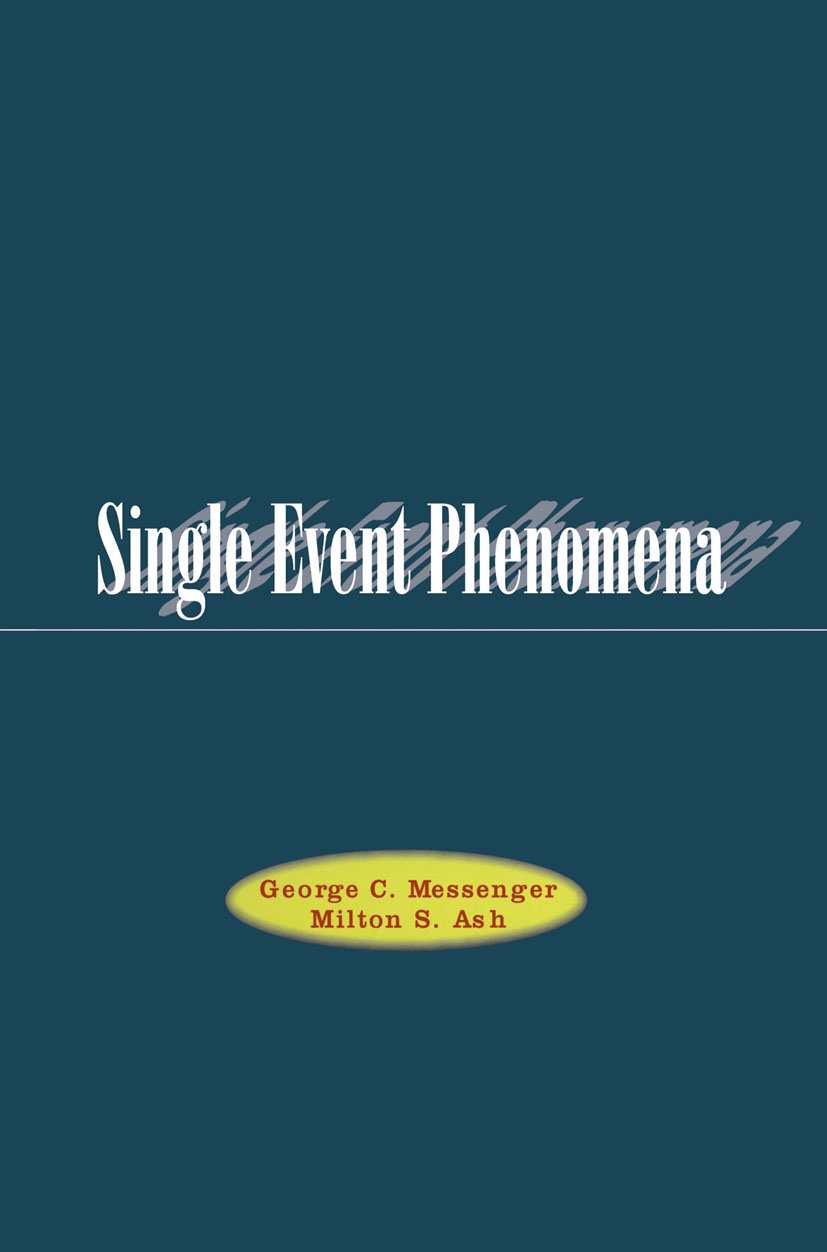
Single Event Phenomena This monograph is written for neophytes, students, and practitioners to aid in their understanding of single event phenomena. It attempts to collect the highlights as well as many of the more detailed aspects of this field into an entity that portrays the theoretical as well as the practical applications of this subject. Those who claim that "theory" is not for them can skip over the earlier chapters dealing with the fundamental and theoretical portions and find what they need in the way of hands-on guidelines and pertinent formulas in the later chapters. Perhaps, after a time they will return to peruse the earlier chapters for a more complete rendition and appreciation of the subject matter. It is felt that the reader should have some acquaintance with the electronics of semiconductors and devices, some broad atomic physics introduction, as well as a respectable level of mathematics through calculus, including simple differential equations. A large part of the preceding can be obtained informally, through job experience, self-study, evening classes, as well as from a formal college curriculum. TECHNOLOGY & ENGINEERING,Electronics,Circuits,General
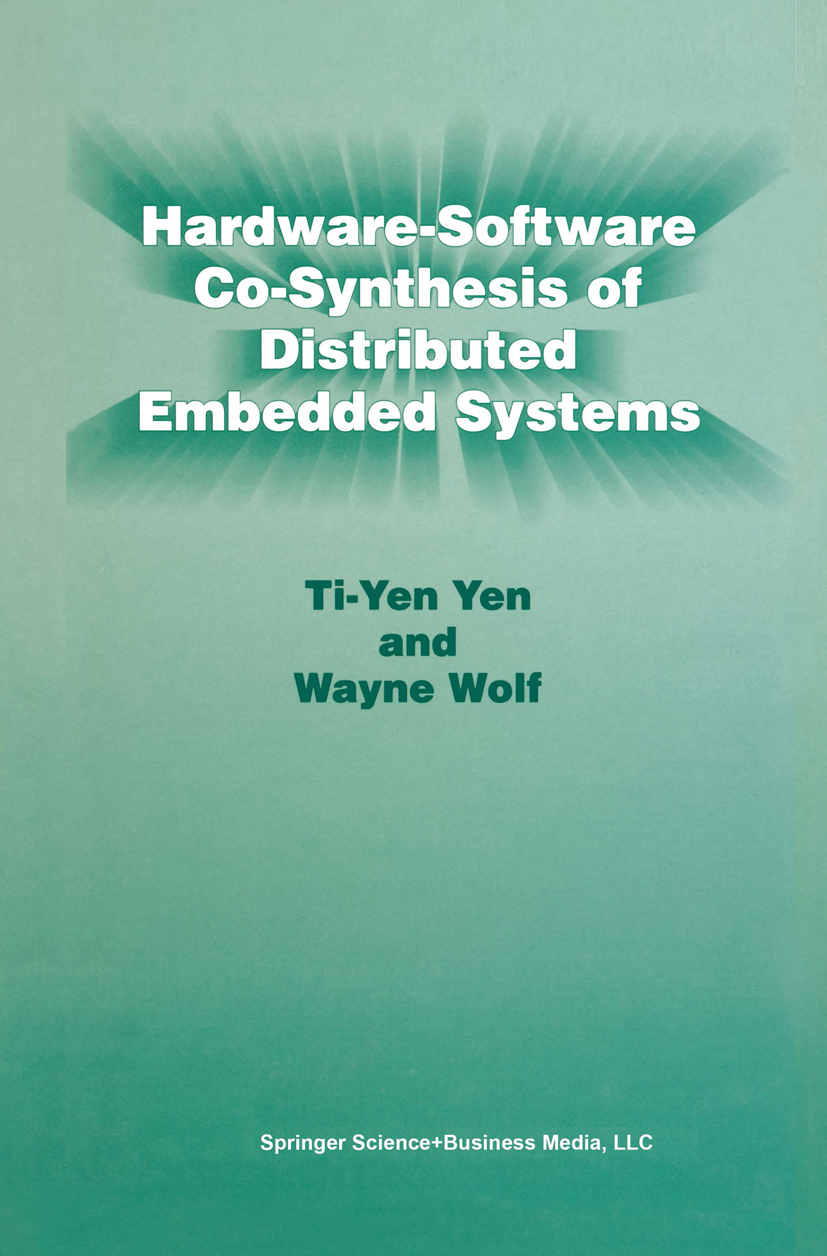
Hardware-Software Co-Synthesis of Distributed Embedded Systems Embedded computer systems use both off-the-shelf microprocessors and application-specific integrated circuits (ASICs) to implement specialized system functions. Examples include the electronic systems inside laser printers, cellular phones, microwave ovens, and an automobile anti-lock brake controller. Embedded computing is unique because it is a co-design problem - the hardware engine and application software architecture must be designed simultaneously. Hardware-Software Co-Synthesis of Distributed Embedded Systems proposes new techniques such as fixed-point iterations, phase adjustment, and separation analysis to efficiently estimate tight bounds on the delay required for a set of multi-rate processes preemptively scheduled on a real-time reactive distributed system. Based on the delay bounds, a gradient-search co-synthesis algorithm with new techniques such as sensitivity analysis, priority prediction, and idle- processing elements elimination are developed to select the number and types of processing elements in a distributed engine, and determine the allocation and scheduling of processes to processing elements. New communication modeling is also presented to analyze communication delay under interaction of computation and communication, allocate interprocessor communication links, and schedule communication. Hardware-Software Co-Synthesis of Distributed Embedded Systems is the first book to describe techniques for the design of distributed embedded systems, which have arbitrary hardware and software topologies. The book will be of interest to: academic researchers for personal libraries and advanced-topics courses in co-design as well as industrial designers who are building high-performance, real-time embedded systems with multiple processors. TECHNOLOGY & ENGINEERING,Electronics,Circuits,General

Economics of Electronic Design, Manufacture and Test The general understanding of design is that it should lead to a manufacturable product. Neither the design nor the process of manufacturing is perfect. As a result, the product will be faulty, will require testing and fixing. Where does economics enter this scenario? Consider the cost of testing and fixing the product. If a manufactured product is grossly faulty, or too many of the products are faulty, the cost of testing and fixing will be high. Suppose we do not like that. We then ask what is the cause of the faulty product. There must be something wrong in the manufacturing process. We trace this cause and fix it. Suppose we fix all possible causes and have no defective products. We would have eliminated the need for testing. Unfortunately, things are not so perfect. There is a cost involved with finding and eliminating the causes of faults. We thus have two costs: the cost of testing and fixing (we will call it cost-1), and the cost of finding and eliminating causes of faults (call it cost-2). Both costs, in some way, are included in the overall cost of the product. If we try to eliminate cost-1, cost-2 goes up, and vice versa. An economic system of production will minimize the overall cost of the product. Economics of Electronic Design, Manufacture and Test is a collection of research contributions derived from the Second Workshop on Economics of Design, Manufacture and Test, written for inclusion in this book. TECHNOLOGY & ENGINEERING,Electronics,Circuits,General
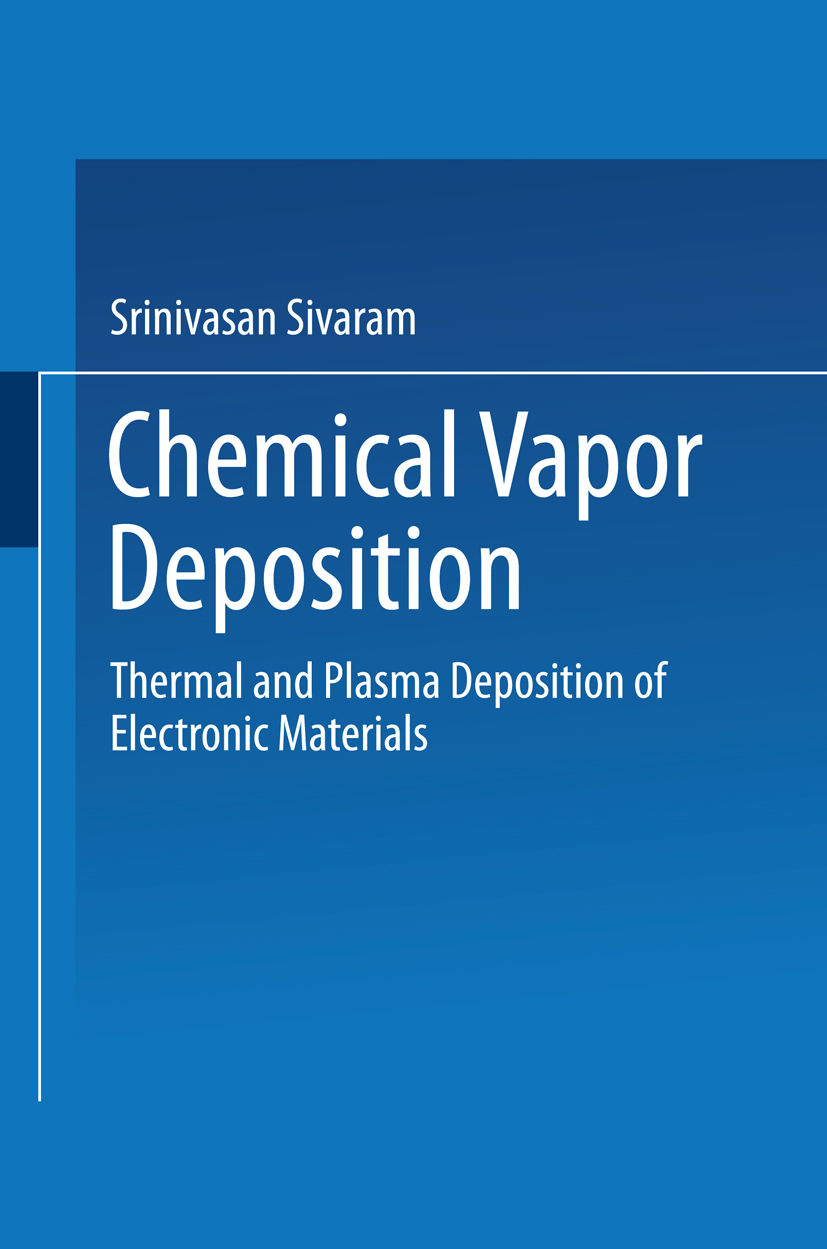
Chemical Vapor Deposition In early 1987 I was attempting to develop a CVD-based tungsten process for Intel. At every step ofthe development, information that we were collecting had to be analyzed in light of theories and hypotheses from books and papers in many unrelated subjects. Thesesources were so widely different that I came to realize there was no unifying treatment of CVD and its subprocesses. More interestingly, my colleagues in the industry were from many disciplines (a surface chemist, a mechanical engineer, a geologist, and an electrical engineer werein my group). To help us understand the field of CVD and its players, some of us organized the CVD user's group of Northern California in 1988. The idea for writing a book on the subject occurred to me during that time. I had already organized my thoughts for a course I taught at San Jose State University. Later Van Nostrand agreed to publish my book as a text intended for students at the senior/first year graduate level and for process engineers in the microelectronics industry, This book is not intended to be bibliographical, and it does not cover every new material being studied for chemical vapor deposition. On the other hand, it does present the principles of CVD at a fundamental level while uniting them with the needs of the microelectronics industry. TECHNOLOGY & ENGINEERING,Electronics,Circuits,General
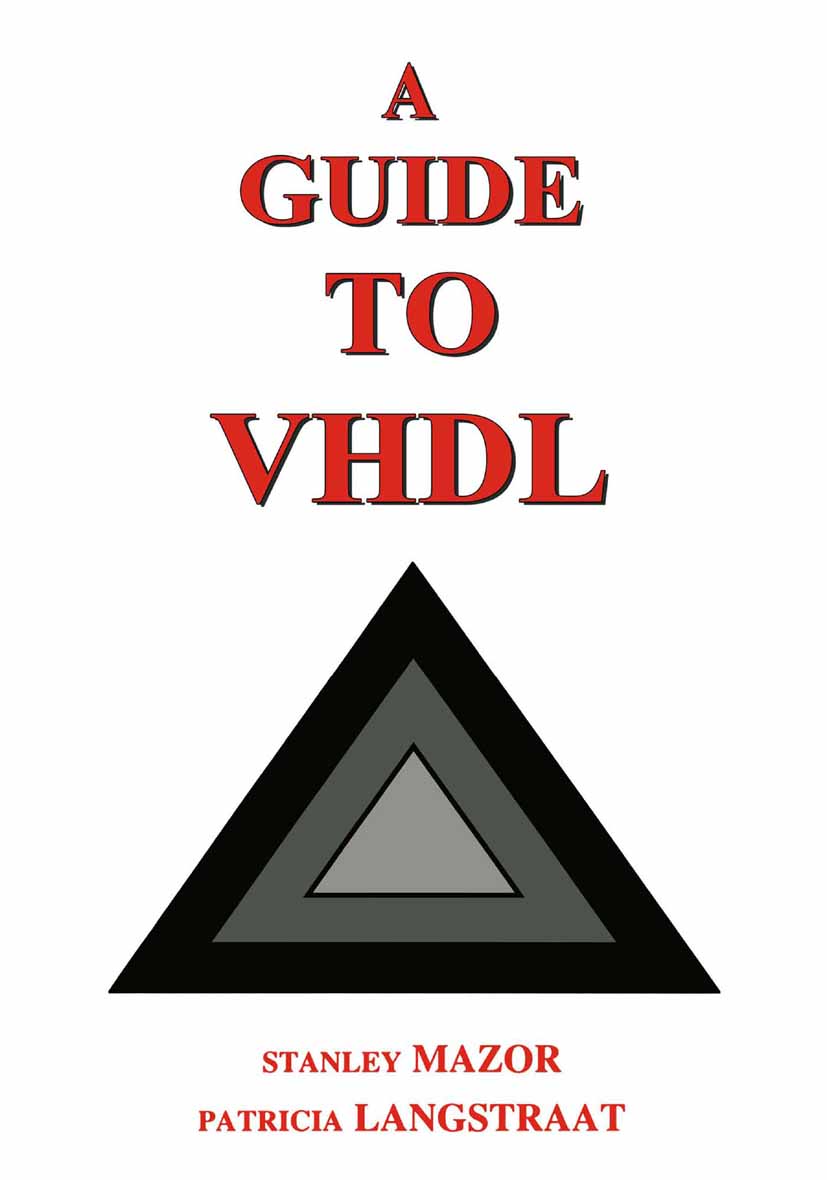
A Guide to VHDL A Guide to VHDL is intended for the working engineer who needs to develop, document, simulate and synthesize a design using the VHDL language. It is for system and chip designers who are working with VHDL CAD tools, and who have some experience programming in Fortran, Pascal, or C and have used a logic simulator. A Guide to VHDL includes a number of paper exercises and computer lab experiments. If a compiler/simulator is available to the reader, then the lab exercises invluded in the chapters can be run to reinforce the learning experience. For practical purposes, this book keeps simulator-specific text to a minimum, but does use the Synopsys VHDL Simulator command language in a few cases. A Guide to VHDL can be used as a primer, since its contents are appropriate for an introductory course in VHDL. TECHNOLOGY & ENGINEERING,Electronics,Circuits,General
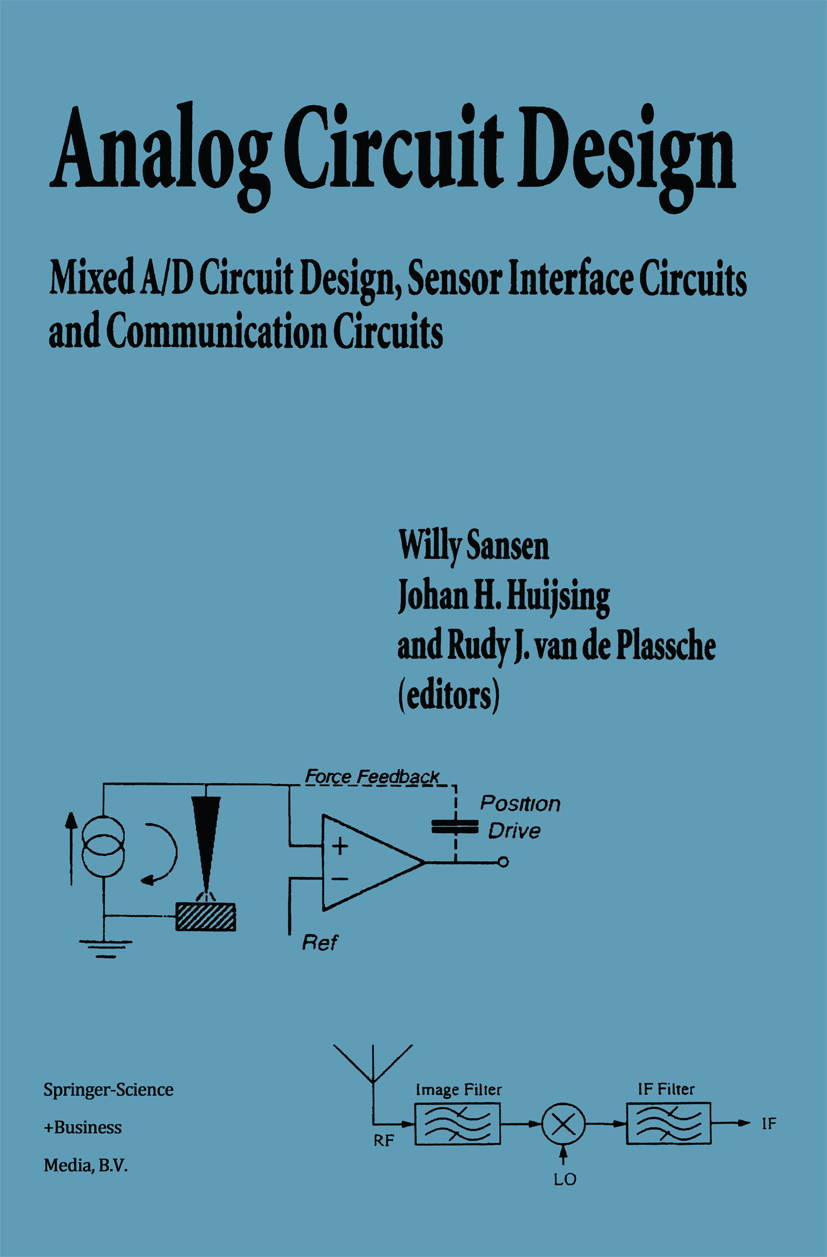
Analog Circuit Design Part I: Mixed Analogue-Digital Circuit Design. Groundbounce in CMOS; D. Wouter, J. Groeneveld, D.T. de Jong. Design Aspects; F. Dielacher. Design Aspects Using ELDO; S. Rochel. Simulation of a Floppy Disk Drive Head Position Controller; J.R. Carlson, H.A. Mantooth. Mixed Signal ASIC Design; M. Tuthill. Mixed Signal ASIC Design for Automotive and Industrial Applications; H. Casier. Part II: Sensor Interface Circuits. Sensor Signal Normalization; A.P. Brokaw. Analog Data Acquisition Circuits in Integrated Sensing Systems; K.D. Wise. Integrated Interface Circuits for Capacitive Micromechanical Sensors; D. Herbst, B. Hoefflinger. Interfaces for Microsensor Systems; C. Azeredo Leme, H. Baltes. Sensor Interface Systems; R. Puers, M. Steyaert, W. Sansen. Indirect Converters and Oversampling for Application in Monolithic Smart Sensors; F.R. Riedijk, J.H. Huijsing. Part III: Communication Circuits. The Challenges for Analog Circuit Design in Mobile Radio VLSI Chips; D. Rabaey, J. Sevenhans. A View of Gallium Arsenide I.C.'s in Wireless Communication Systems; P. Snow. Design Techniques for 1GHz Downconversion ICs Fabricated in a 1 mum 13GHz BiCMOS Process; W.D. Mack, R.G. Meyer. New RF Devices Based on High Precision CMOS Time-to-Digital and Digital-to-Time Converters; J. Rapeli. A Fully Integrated 1V/100muA High Bitrate CP-FSK Receiver; M.D. Pardoen. DECT Zero IF Receiver Front End; P. Baltus, A. Tombeur. TECHNOLOGY & ENGINEERING,Electronics,Circuits,General
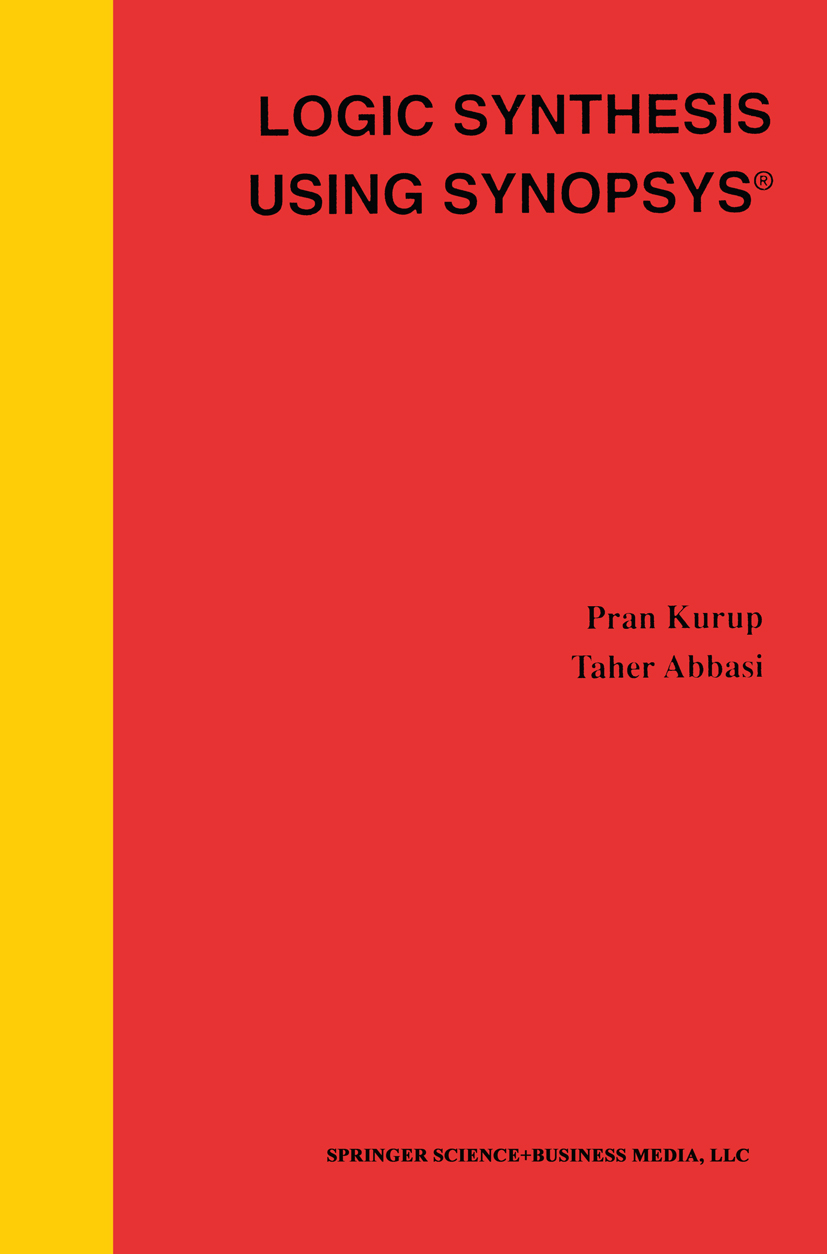
Logic Synthesis Using Synopsys® Logic synthesis has become a fundamental component of the ASIC design flow, and Logic Synthesis Using Synopsys® has been written for all those who dislike reading manuals but who still like to learn logic synthesis as practised in the real world. The primary focus of the book is Synopsys Design Compiler®: the leading synthesis tool in the EDA marketplace. The book is specially organized to assist designers accustomed to schematic capture based design to develop the required expertise to effectively use the Compiler. Over 100 `classic scenarios' faced by designers using the Design Compiler have been captured and discussed, and solutions provided. The scenarios are based both on personal experiences and actual user queries. A general understanding of the problem-solving techniques provided will help the reader debug similar and more complicated problems. Furthermore, several examples and dc-shell scripts are provided. Specifically, Logic Synthesis Using Synopsys® will help the reader develop a better understanding of the synthesis design flow, optimization strategies using the Design Compiler, test insertion using the Test Compiler®, commonly used interface formats such as EDIF and SDF, and design re-use in a synthesis-based design methodology. Examples have been provided in both VHDL and Verilog. Audience: Written with CAD engineers in mind to enable them to formulate an effective synthesis-based ASIC design methodology. Will also assist design teams to better incorporate and effectively integrate synthesis with their existing in-house design methodology and CAD tools. TECHNOLOGY & ENGINEERING,Electronics,Circuits,General

A Designer's Guide to VHDL Synthesis A Designer's Guide to VHDL Synthesis is intended for both design engineers who want to use VHDL-based logic synthesis ASICs and for managers who need to gain a practical understanding of the issues involved in using this technology. The emphasis is placed more on practical applications of VHDL and synthesis based on actual experiences, rather than on a more theoretical approach to the language. VHDL and logic synthesis tools provide very powerful capabilities for ASIC design, but are also very complex and represent a radical departure from traditional design methods. This situation has made it difficult to get started in using this technology for both designers and management, since a major learning effort and `culture' change is required. A Designer's Guide to VHDL Synthesis has been written to help design engineers and other professionals successfully make the transition to a design methodology based on VHDL and log synthesis instead of the more traditional schematic based approach. While there are a number of texts on the VHDL language and its use in simulation, little has been written from a designer's viewpoint on how to use VHDL and logic synthesis to design real ASIC systems. The material in this book is based on experience gained in successfully using these techniques for ASIC design and relies heavily on realistic examples to demonstrate the principles involved. TECHNOLOGY & ENGINEERING,Electronics,Circuits,General
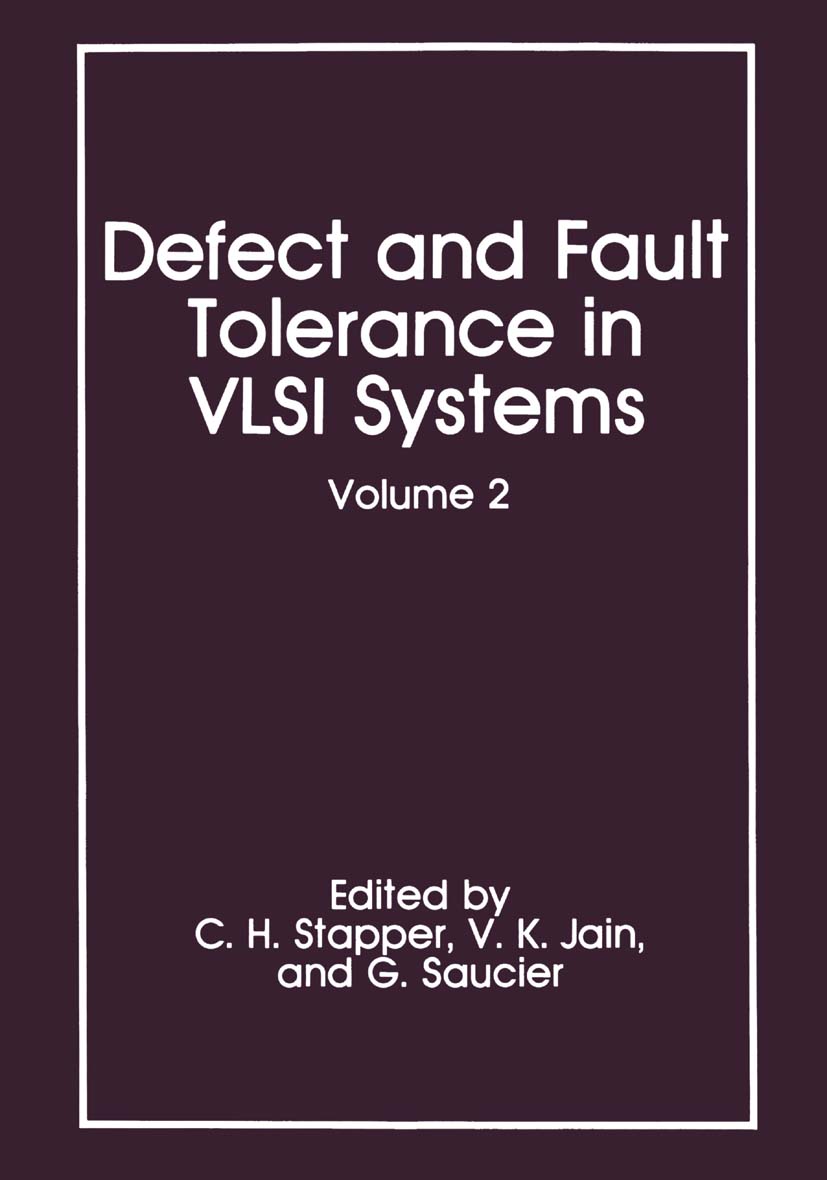
Defect and Fault Tolerance in VLSI Systems Higher circuit densities, increasingly more complex application ohjectives, and advanced packaging technologies have suhstantially increased the need to incorporate defect-tolerance and fault-tolerance in the design of VLSI and WSI systems. The goals of defect-tolerance and fault-tolerance are yield enhancement and improved reliahility. The emphasis on this area has resulted in a new field of interdisciplinary scientific research. I n fact, advanced methods of defect/fault control and tolerance are resulting in enhanced manufacturahility and productivity of integrated circuit chips, VI.SI systems, and wafer scale integrated circuits. In 1987, Dr. W. Moore organized an "International Workshop on Designing for Yield" at Oxford University. Edited papers of that workshop were published in reference [II. The participants in that workshop agreed that meetings of this type should he con tinued. preferahly on a yearly hasis. It was Dr. I. Koren who organized the "IEEE Inter national Workshop on Defect and Fault Tolerance in VLSI Systems" in Springfield Massachusetts the next year. Selected papers from that workshop were puhlished as the first volume of this series [21. TECHNOLOGY & ENGINEERING,Electronics,Circuits,General
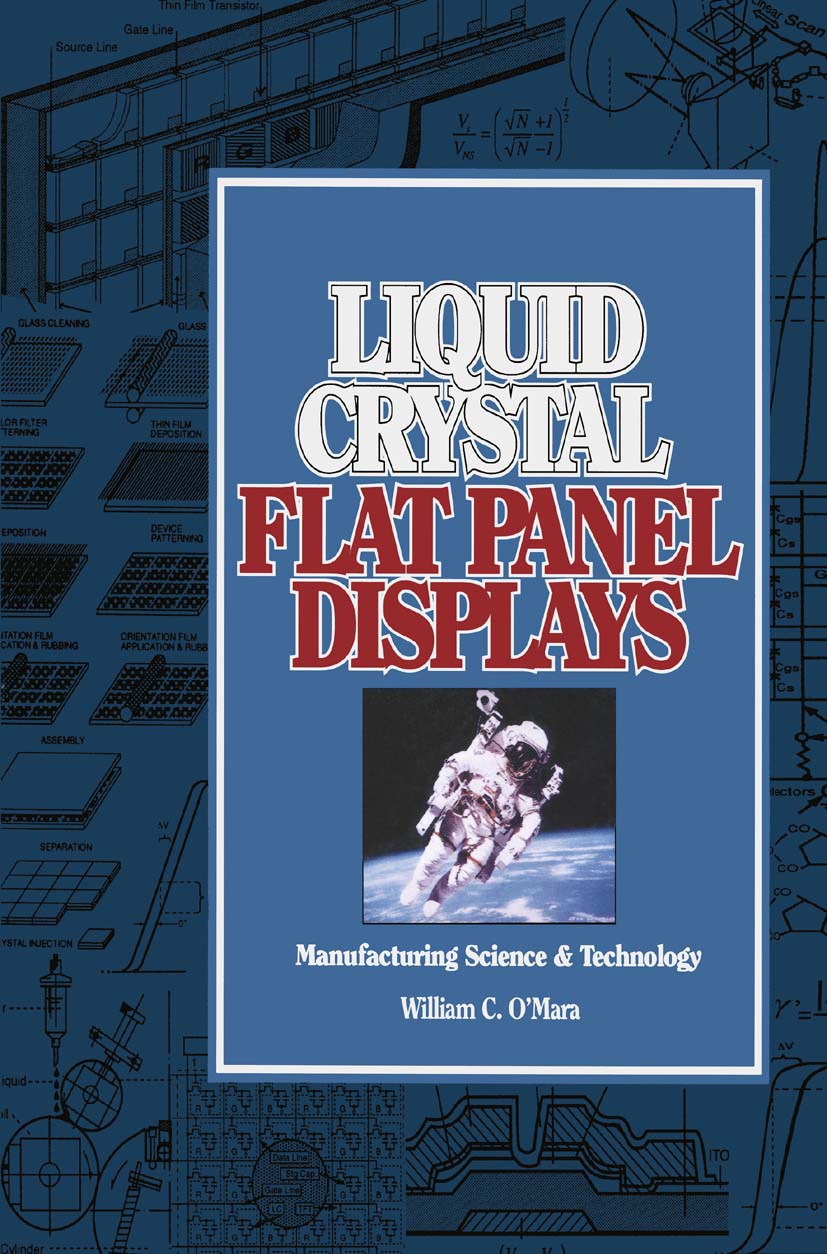
Liquid Crystal Flat Panel Displays We live in the silicon age, and the quintessential item that defines our world is the computer. Silicon chips power the computer as well as many other products for work and leisure, such as calculators, radios, and televisions. In the forty years since the transistor was invented, the solid state revolution has affected the lives of almost everyone in the world. Based on silicon, solid state devices and integrated circuits have revolutionized electronics, data processing, communica tions, and the like. The computer, especially the personal computer, would be impossible without silicon devices. Only one computer was ever built using vacuum tubes, and the tubes had to be constantly replaced because they generated too much heat and burned out. Silicon devices allowed for reliable switching operations in arrays of hundreds and thousands of discrete devices. As a result, the very substantial industrial base that existed for producing vacuum tubes disappeared -with one exception. That exception is, of course, the CRT, which is evident in televisions, computer displays, and a host of other information display terminals. Until recently, there was nothing that could take its place, and it seemed that the CRT would remain as the electronic medium for all except the simplest displays. The CRT is about to go the way of the other vacuum tubes. It's dead, but doesn't know it yet. TECHNOLOGY & ENGINEERING,Electronics,Circuits,General
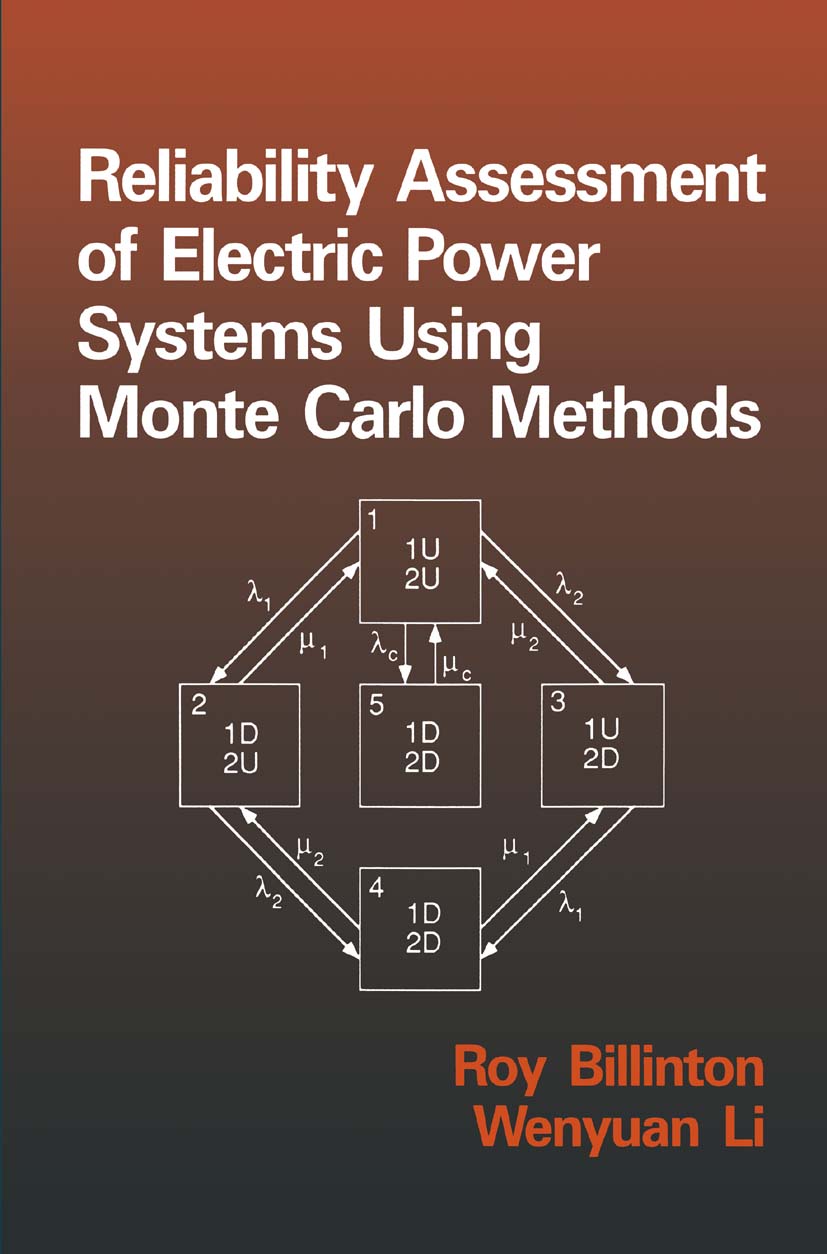
Reliability Assessment of Electric Power Systems Using Monte Carlo Methods The application of quantitative reliability evaluation in electric power sys tems has now evolved to the point at which most utilities use these techniques in one or more areas of their planning, design, and operation. Most of the techniques in use are based on analytical models and resulting analytical evaluation procedures. Improvements in and availability of high-speed digi tal computers have created the opportunity to analyze many of these prob lems using stochastic simulation methods and over the last decade there has been increased interest in and use made of Monte Carlo simulation in quantitative power system reliability assessment. Monte Carlo simulation is not a new concept and recorded applications have existed for at least 50 yr. However, localized high-speed computers with large-capacity storage have made Monte Carlo simulation an available and sometimes preferable option for many power system reliability applications. Monte Carlo simulation is also an integral part of a modern undergrad uate or graduate course on reliability evaluation of general engineering systems or specialized areas such as electric power systems. It is hoped that this textbook will help formalize the many existing applications of Monte Carlo simulation and assist in their integration in teaching programs. This book presents the basic concepts associated with Monte Carlo simulation. TECHNOLOGY & ENGINEERING,Electronics,Circuits,General

Reliability Evaluation of Engineering Systems In response to new developments in the field, practical teaching experience, and readers' suggestions, the authors of the warmly received Reliablity Evaluation of Engineering Systems have updated and extended the work-providing extended coverage of fault trees and a more complete examination of probability distribution, among other things-without disturbing the original's concept, structure, or style. TECHNOLOGY & ENGINEERING,Electronics,Circuits,General
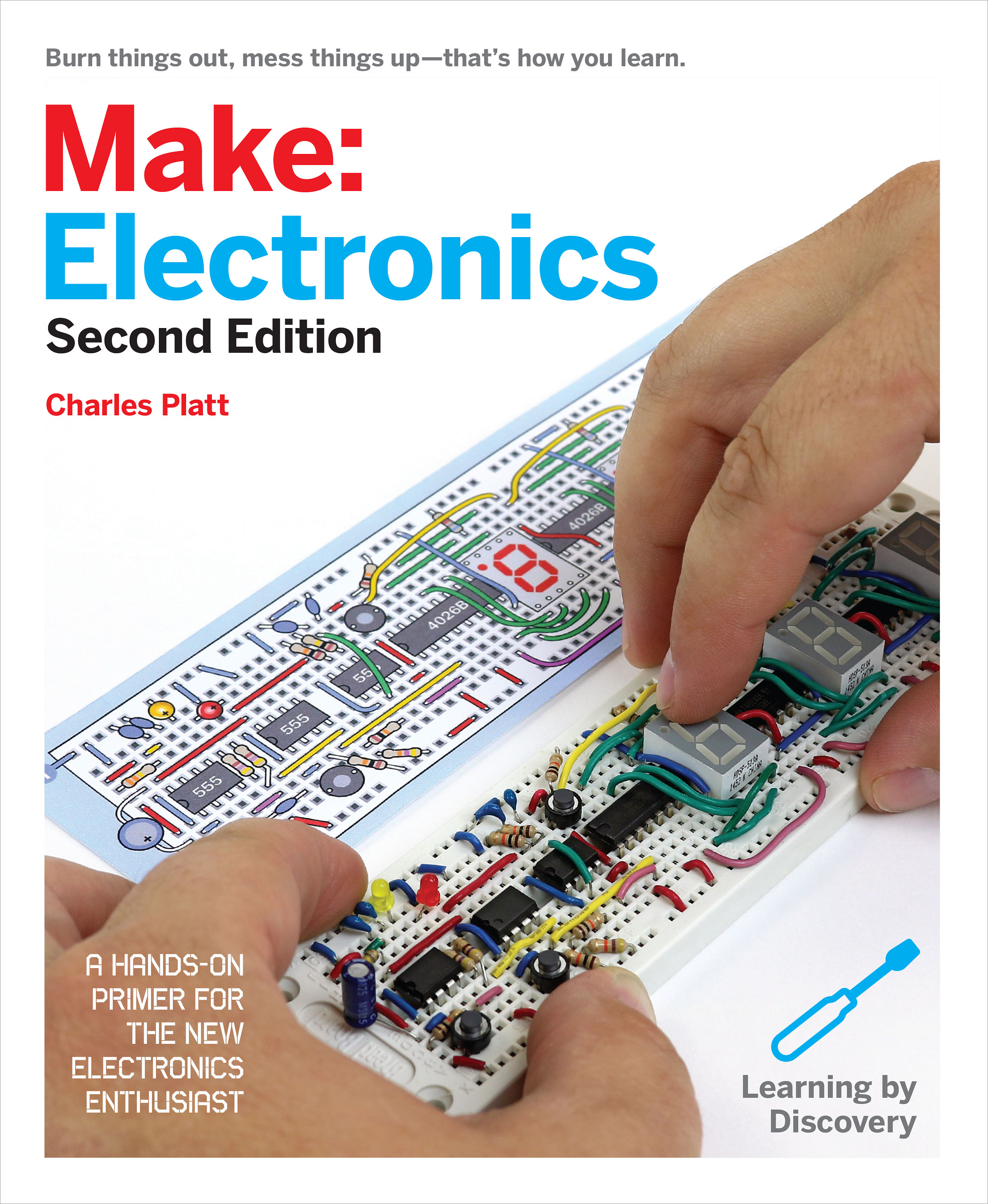
Make "This is teaching at its best!" --Hans Camenzind, inventor of the 555 timer (the world's most successful integrated circuit), and author of Much Ado About Almost Nothing: Man's Encounter with the Electron (Booklocker.com) "A fabulous book: well written, well paced, fun, and informative. I also love the sense of humor. It's very good at disarming the fear. And it's gorgeous. I'll be recommending this book highly." --Tom Igoe, author of Physical Computing and Making Things Talk A "magnificent and rewarding book. ... Every step of this structured instruction is expertly illustrated with photos and crisp diagrams. . . . This really is the best way to learn." --Kevin Kelly, in Cool Tools The first edition of Make: Electronics established a new benchmark for introductory texts. This second edition enhances that learning experience. Here you will find unique, photographically precise diagrams of breadboarded components, to help you build circuits with speed and precision. A new shopping guide and a simplified range of components, will minimize your investment in parts for the projects. A completely new section on the Arduino shows you how to write properly structured programs instead of just downloading other people's code. Projects have been reworked to provide additional features, and the book has been restructured to offer a step-by-step learning process that is as clear and visually pleasing on handheld devices as it is on paper. Full color is used throughout. As before, Make: Electronics begins with the basics. You'll see for yourself how components work--and what happens when they don't. You'll short out a battery and overheat an LED. You'll also open up a potentiometer and a relay to see what's inside. No other book gives you such an opportunity to learn from real-life experiences. Ultimately, you will build gadgets that have lasting value, and you'll have a complete understanding of how they work. From capacitors to transistors to microcontrollers--it's all here. Hans Camenzind, inventor of the 555 Timer (the world's most successful integrated circuit chip), said that "This is teaching at its best!" when he reviewed the first edition. Now the second edition offers even more! TECHNOLOGY & ENGINEERING,Electronics,Circuits,General

Multidimensional Systems Theory and Applications Preface to Second Edition From the time that the original edition was published in 1985, multidimensional systems theory has matured into a discipline of research and teaching with an expanding array of applications. The international journal on Multidimensional Systems and Signal Processing, founded in 1990, is now in its fourteenth year. A biannual international workshop on n-D systems was launched in 1998 and the impressive number of special sessions, mini-symposia, monographs and special issues that have emerged bear testimony to the growing popularity and importance of the subject -matter among scientists in various disciplines including engineering, computer science, geophysics and mathematics. This second edition builds on the fundamentals expounded in the original book with the addition of important developments in theory as well as practice since 1985. Particular attention has been given to the consolidation of basic results, uni fication of theory and the diversification of applications. Chapters that remain have been reordered and updated in content and references. Some chapters, considered to be somewhat outdated, have been replaced with newer proven as well as poten tially significant results, inspired by some groundbreaking research and directions which are likely to stimulate further research. In addition to the description of some challenging open problems, posed in 1985, which have since been solved, new problems yet to be tackled are also included. TECHNOLOGY & ENGINEERING,Electronics,Circuits,General
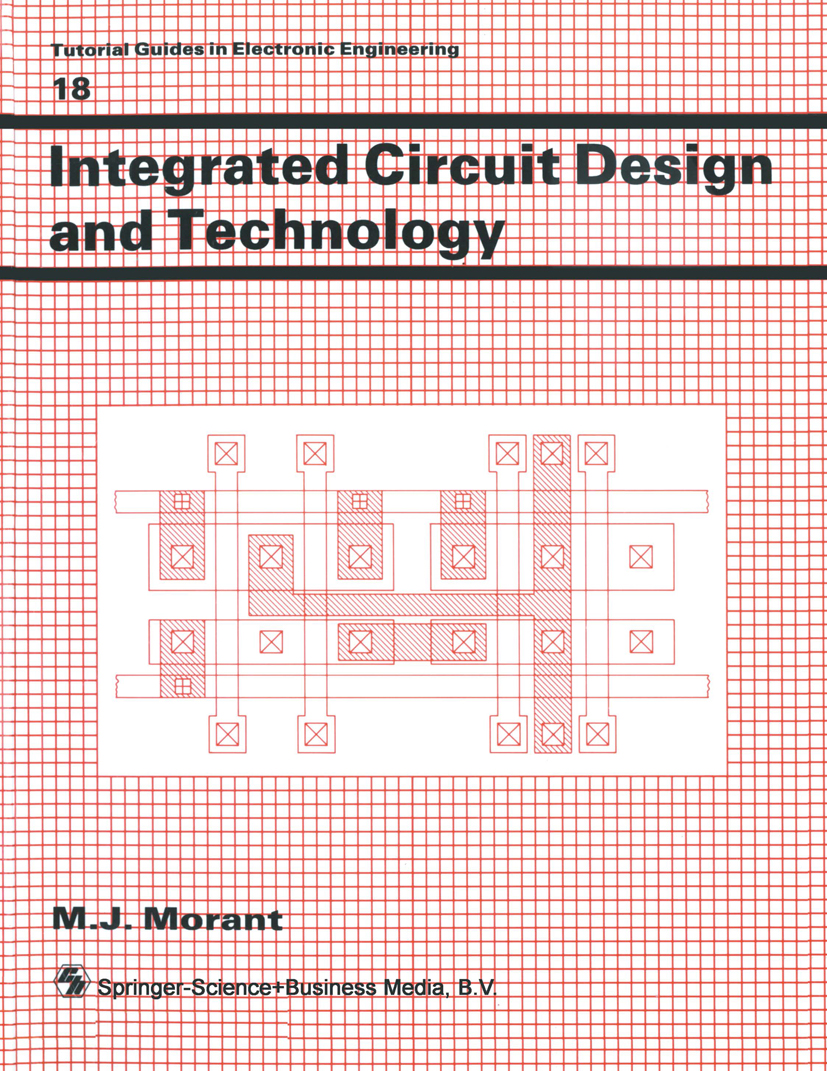
Integrated Circuit Design and Technology TECHNOLOGY & ENGINEERING,Electronics,Circuits,General

Thin Film Ferroelectric Materials and Devices The past five years have witnessed some dramatic developments in the general area of ferroelectric thin films materials and devices. Ferroelectrics are not new materials by any stretch ofimagination. Indeed, they have been known since the early partofthis century and popular ferroelectric materials such as Barium Titanate have been in use since the second world war. In the late sixties and seventies, a considerable amountofresearch and development effort was made to create a solid state nonvolatile memory using ferroelectrics in a vary simple matrix-addressed scheme. These attempts failed primarily due to problems associated with either the materials ordue to device architectures. The early eighties saw the advent of new materials processing approaches, such as sol-gel processing, that enabled researchers to fabricate sub-micron thin films of ferroelectric materials on a silicon substrate. These pioneering developments signaled the onsetofa revival in the areaofferroelectric thin films, especially ferroelectric nonvolatile memories. Research and development effort in ferroelectric materials and devices has now hit a feverish pitch, Many university laboratories, national laboratories and advanced R&D laboratories oflarge IC manufacturers are deeply involved in the pursuit of ferroelectric device technologies. Many companies worldwide are investing considerable manpower and resources into ferroelectric technologies. Some have already announced products ranging from embedded memories in micro controllers, low density stand-alone memories, microwave circuit elements, andrf identification tags. There is now considerable optimism that ferroelectric devices andproducts will occupy a significant market-share in the new millennium. TECHNOLOGY & ENGINEERING,Electronics,Circuits,General
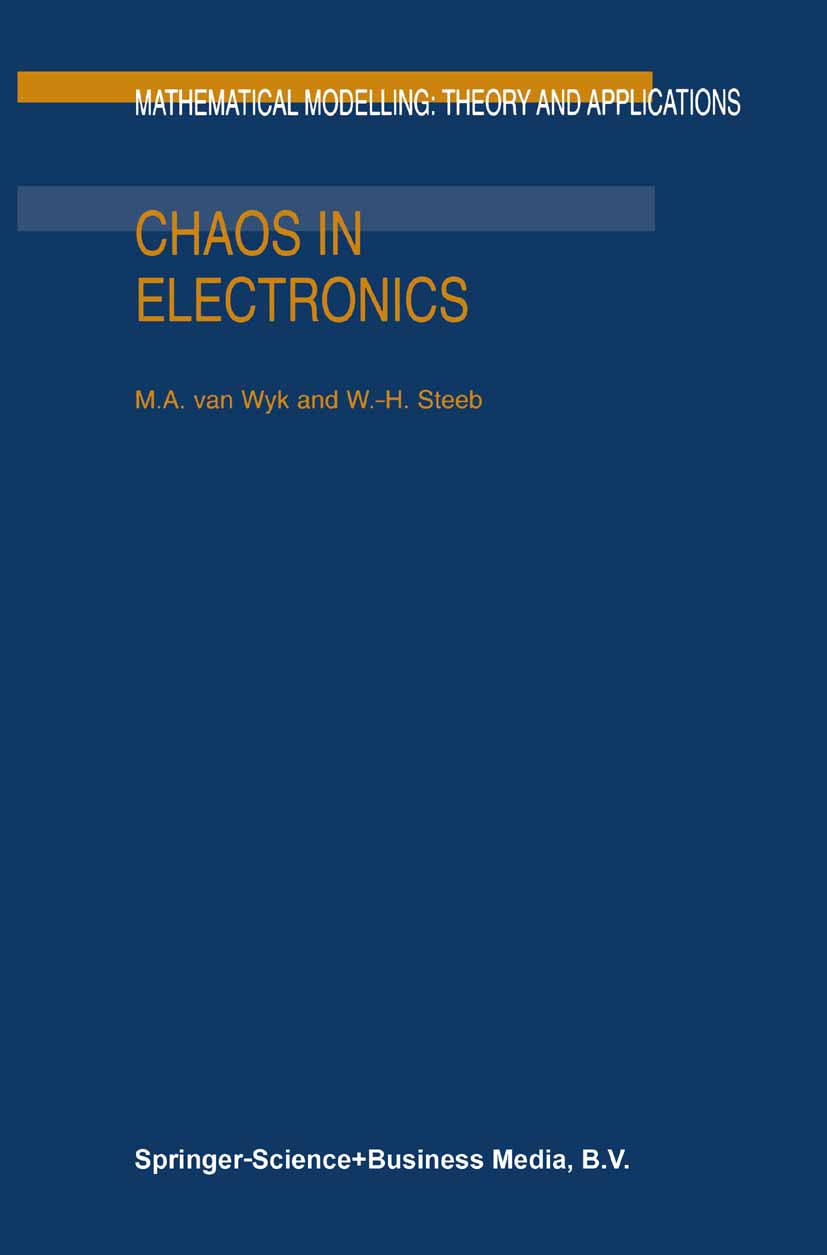
Chaos in Electronics Many dynamical systems in physics, chemistry and biology exhibit complex be haviour. The apparently random motion of a fluid is the best known example. How ever also vibrating structures, electronic oscillators, magnetic devices,lasers, chemical oscillators, and population kinetics can behave in a complicated manner. One can find irregular oscillations, which is now known as chaotic behaviour. The research field of nonlinear dynamical systems and especially the study of chaotic systems has been hailed as one of the important breaktroughs in science this century. The sim plest realization of a system with chaotic behaviour is an electronic oscillator. The purpose of this book is to provide a comprehensive introduction to the application of chaos theory to electronic systems. The book provides both the theoretical and experimental foundations of this research field. Each electronic circuit is described in detail together with its mathematical model. Controlling chaos of electronic oscilla tors is also included. End of proofs and examples are indicated by •. Inside examples the end of proofs are indicated with O. We wish to express our gratitude to Catharine Thompson for a critical reading of the manuscript. Any useful suggestions and comments are welcome. Email address of the first author: MVANWYK@TSAMAIL. TRSA. AC. ZA Email address of the first author: WHS@RAU3. RAU. AC. ZA Home page of the authors: http://zeus. rau. ac. za/steeb/steeb. html xi Chapter 1 Introduction 1. TECHNOLOGY & ENGINEERING,Electronics,Circuits,General

Components and Services for IoT Platforms This book serves as a single-source reference to the state-of-the-art in Internet of Things (IoT) platforms, services, tools, programming languages, and applications. In particular, the authors focus on IoT-related requirements such as low-power, time-to-market, connectivity, reliability, interoperability, security, and privacy. Authors discuss the question of whether we need new IoT standardization bodies or initiatives, toward a fully connected, cyber-physical world. Coverage includes the research outcomes of several, current European projects related to IoT platforms, services, APIs, tools, and applications. TECHNOLOGY & ENGINEERING,Electronics,Circuits,General

Analog-to-Digital Conversion This textbook is appropriate for use in graduate-level curricula in analog-to-digital conversion, as well as for practicing engineers in need of a state-of-the-art reference on data converters. It discusses various analog-to-digital conversion principles, including sampling, quantization, reference generation, nyquist architectures and sigma-delta modulation. This book presents an overview of the state of the art in this field and focuses on issues of optimizing accuracy and speed, while reducing the power level. This new, third edition emphasizes novel calibration concepts, the specific requirements of new systems, the consequences of 22-nm technology and the need for a more statistical approach to accuracy. Pedagogical enhancements to this edition include additional, new exercises, solved examples to introduce all key, new concepts and warnings, remarks and hints, from a practitioner's perspective, wherever appropriate. Considerable background information and practical tips, from designing a PCB, to lay-out aspects, to trade-offs on system level, complement the discussion of basic principles, making this book a valuable reference for the experienced engineer. TECHNOLOGY & ENGINEERING,Electronics,Circuits,General
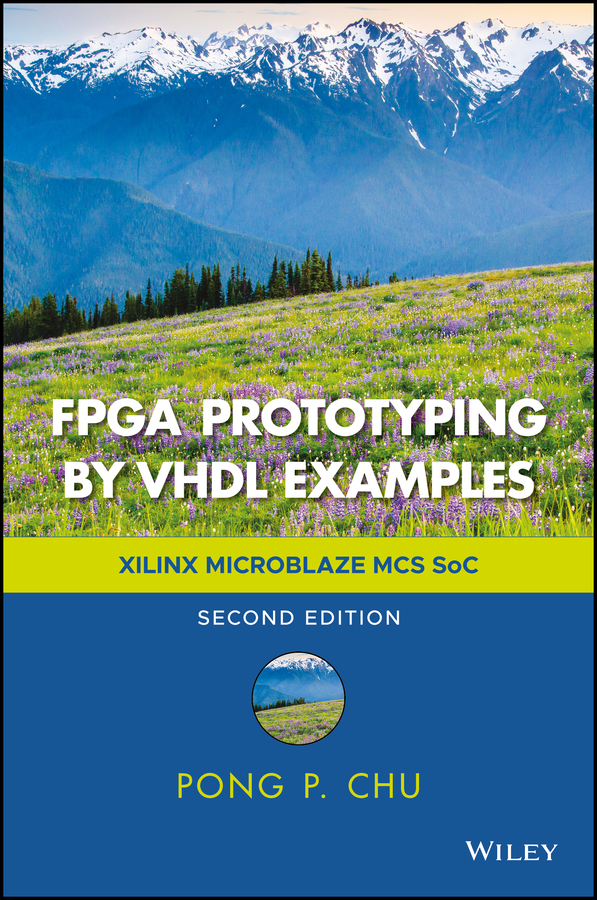
FPGA Prototyping by VHDL Examples A hands-on introduction to FPGA prototyping and SoC design This Second Edition of the popular book follows the same “learning-by-doing†approach to teach the fundamentals and practices of VHDL synthesis and FPGA prototyping. It uses a coherent series of examples to demonstrate the process to develop sophisticated digital circuits and IP (intellectual property) cores, integrate them into an SoC (system on a chip) framework, realize the system on an FPGA prototyping board, and verify the hardware and software operation. The examples start with simple gate-level circuits, progress gradually through the RT (register transfer) level modules, and lead to a functional embedded system with custom I/O peripherals and hardware accelerators. Although it is an introductory text, the examples are developed in a rigorous manner, and the derivations follow strict design guidelines and coding practices used for large, complex digital systems. The new edition is completely updated. It presents the hardware design in the SoC context and introduces the hardware-software co-design concept. Instead of treating examples as isolated entities, the book integrates them into a single coherent SoC platform that allows readers to explore both hardware and software “programmability†and develop complex and interesting embedded system projects. The revised edition: Adds four general-purpose IP cores, which are multi-channel PWM (pulse width modulation) controller, I2C controller, SPI controller, and XADC (Xilinx analog-to-digital converter) controller. Introduces a music synthesizer constructed with a DDFS (direct digital frequency synthesis) module and an ADSR (attack-decay-sustain-release) envelop generator. Expands the original video controller into a complete stream-based video subsystem that incorporates a video synchronization circuit, a test pattern generator, an OSD (on-screen display) controller, a sprite generator, and a frame buffer. Introduces basic concepts of software-hardware co-design with Xilinx MicroBlaze MCS soft-core processor. Provides an overview of bus interconnect and interface circuit. Introduces basic embedded system software development. Suggests additional modules and peripherals for interesting and challenging projects. The FPGA Prototyping by VHDL Examples, Second Edition makes a natural companion text for introductory and advanced digital design courses and embedded system course. It also serves as an ideal self-teaching guide for practicing engineers who wish to learn more about this emerging area of interest. TECHNOLOGY & ENGINEERING,Electronics,Circuits,General

Fast Circuit Boards An essential guide to modern circuit board design based on simple physics and practical applications The fundamentals taught in circuit theory were never intended to work above a few megahertz, let alone at a gigahertz. While electronics is grounded in physics, most engineers’ education in this area is too general and mathematical to be easily applied to the problem of high speed circuits. Left to their own devices, many engineers produce layouts that require expensive revisions in order to finally meet specifications. Fast Circuit Boards fills the gap in knowledge by providing clear, down-to-earth guidance on designing digital circuit boards that function at high clock rates. By making the direct connection between physics and fast circuits, this book instills the fundamental universal principles of information transfer to give engineers a solid basis for hardware design. Using simple tools, simple physics, and simple language, this invaluable resource walks through basic electrostatics, magnetics, wave mechanics, and more to bring the right technology down to the working level. Designed to be directly relevant and immediately useful to circuit board designers, this book: Properly explains the problems of fast logic and the appropriate tools Applies basic principles of physics to the art of laying out circuit boards Simplifies essential concepts scaled up to the gigahertz level, saving time, money, and the need for revisions Goes beyond circuit theory to provide a deep, intuitive understanding of the mechanisms at work Demonstrates energy management’s role in board design through step function-focused transmission line techniques Engineers and technicians seeking a more systematic approach to board design and a deeper understanding of the fundamental principles at work will find tremendous value in this highly practical, long-awaited text. TECHNOLOGY & ENGINEERING,Electronics,Circuits,General
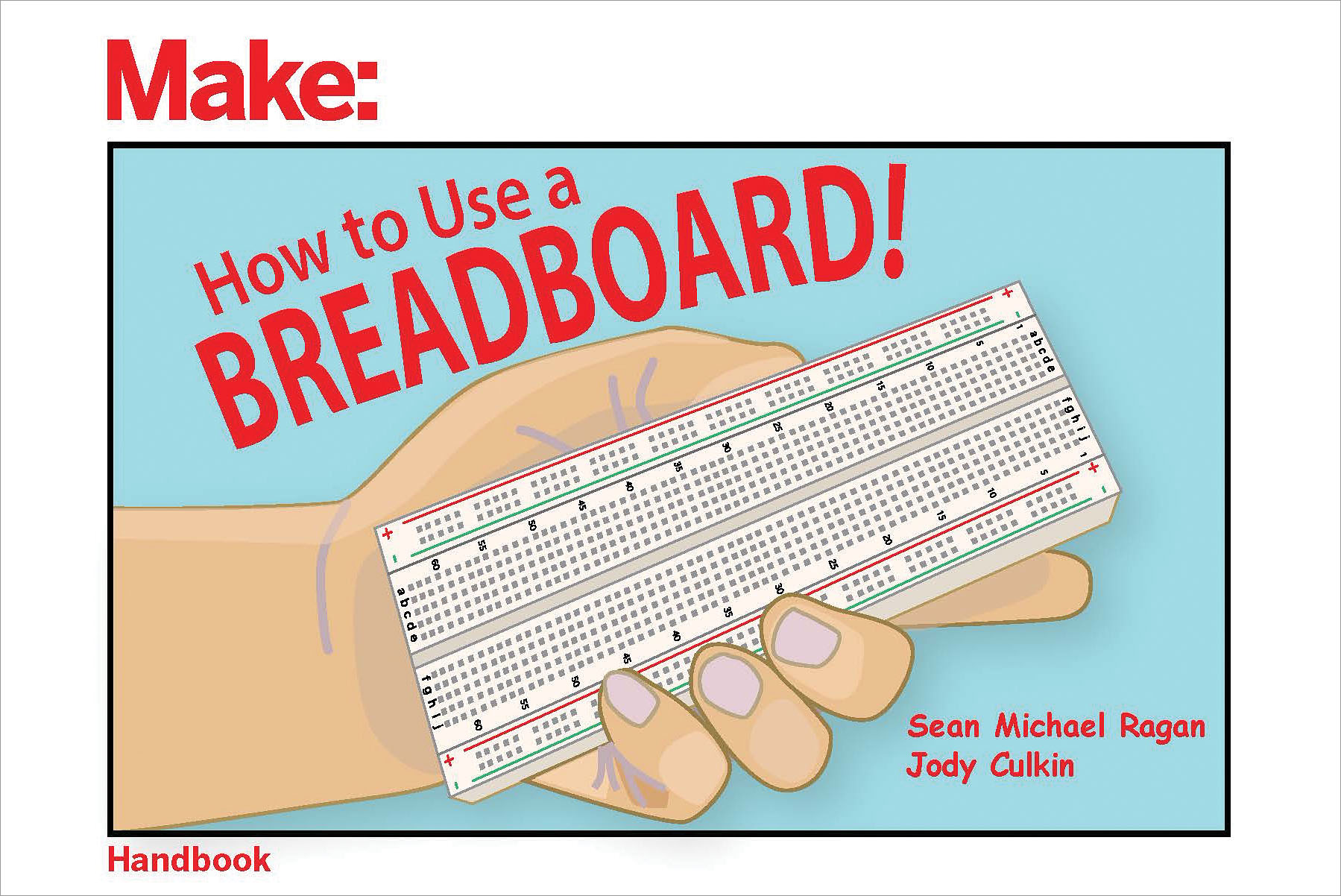
How to Use a Breadboard! This full-color, illustrated handbook uses comic book-style panels to explain the basics of using a breadboard; then it walks you through ten fun and educational projects. You'll learn-by-doing as you study the circuit diagrams and colorful drawings, working your way through each project. Bonus features include an "X-Ray" drawing of the inside of the breadboard and a guide to understanding resistor color codes. A solderless breadboard is the perfect platform for learning electronics, whether at home or in the classroom, because it can be used over and over again for different circuits. With the projects in this handbook, you will learn how to use a light sensor, a potentiometer, a diode, a 555 timer, capacitors, transistors, and more! You'll also be challenged to actively figure out what else you can do with the circuits you have built. Learn how to build the following circuits: Dark Detector LED Flasher Electric Cricket Breathing LED Banshee Siren Light Theramin Blues Organ Bike Signal Light Touch Switch Led Color Organ As you gain experience building the circuits, you'll also learn how to read schematics - the shorthand language of electronics. The glossary provides definitions and illustrations for terms that may be unfamiliar.There's no better way to learn than by making things yourself. In this booklet you won't be handed all the answers. You'll be encouraged to experiment, and you'll be asked questions that you'll have to try to answer yourself. Get started with your breadboard experiments today. Electronics is the perfect STEM subject because it touches on all the key components - science, technology, engineering, and mathematics. Build your technical skills with this hands-on learning course! TECHNOLOGY & ENGINEERING,Electronics,Circuits,General
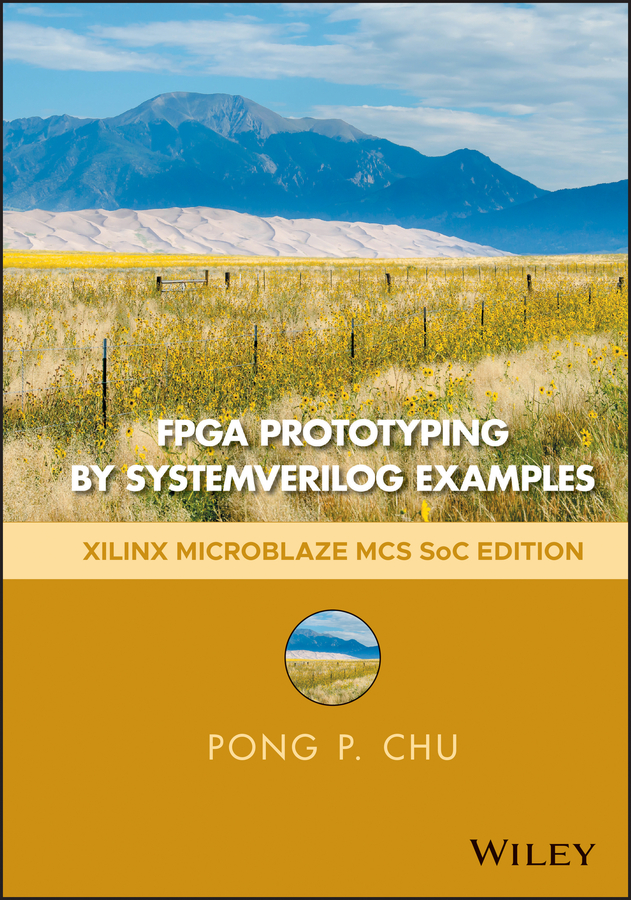
FPGA Prototyping by SystemVerilog Examples A hands-on introduction to FPGA prototyping and SoC design This is the successor edition of the popular FPGA Prototyping by Verilog Examples text. It follows the same “learning-by-doing†approach to teach the fundamentals and practices of HDL synthesis and FPGA prototyping. The new edition uses a coherent series of examples to demonstrate the process to develop sophisticated digital circuits and IP (intellectual property) cores, integrate them into an SoC (system on a chip) framework, realize the system on an FPGA prototyping board, and verify the hardware and software operation. The examples start with simple gate-level circuits, progress gradually through the RT (register transfer) level modules, and lead to a functional embedded system with custom I/O peripherals and hardware accelerators. Although it is an introductory text, the examples are developed in a rigorous manner, and the derivations follow the strict design guidelines and coding practices used for large, complex digital systems. The book is completely updated and uses the SystemVerilog language, which “absorbs†the Verilog language. It presents the hardware design in the SoC context and introduces the hardware-software co-design concept. Instead of treating examples as isolated entities, the book integrates them into a single coherent SoC platform that allows readers to explore both hardware and software “programmability†and develop complex and interesting embedded system projects. The new edition: Adds four general-purpose IP cores, which are multi-channel PWM (pulse width modulation) controller, I2C controller, SPI controller, and XADC (Xilinx analog-to-digital converter) controller. Introduces a music synthesizer constructed with a DDFS (direct digital frequency synthesis) module and an ADSR (attack-decay-sustain-release) envelope generator. Expands the original video controller into a complete stream based video subsystem that incorporates a video synchronization circuit, a test-pattern generator, an OSD (on-screen display) controller, a sprite generator, and a frame buffer. Provides a detailed discussion on blocking and nonblocking statements and coding styles. Describes basic concepts of software-hardware co-design with Xilinx MicroBlaze MCS soft-core processor. Provides an overview of bus interconnect and interface circuit. Presents basic embedded system software development. Suggests additional modules and peripherals for interesting and challenging projects. FPGA Prototyping by SystemVerilog Examples makes a natural companion text for introductory and advanced digital design courses and embedded system courses. It also serves as an ideal self-teaching guide for practicing engineers who wish to learn more about this emerging area of interest. TECHNOLOGY & ENGINEERING,Electronics,Circuits,General
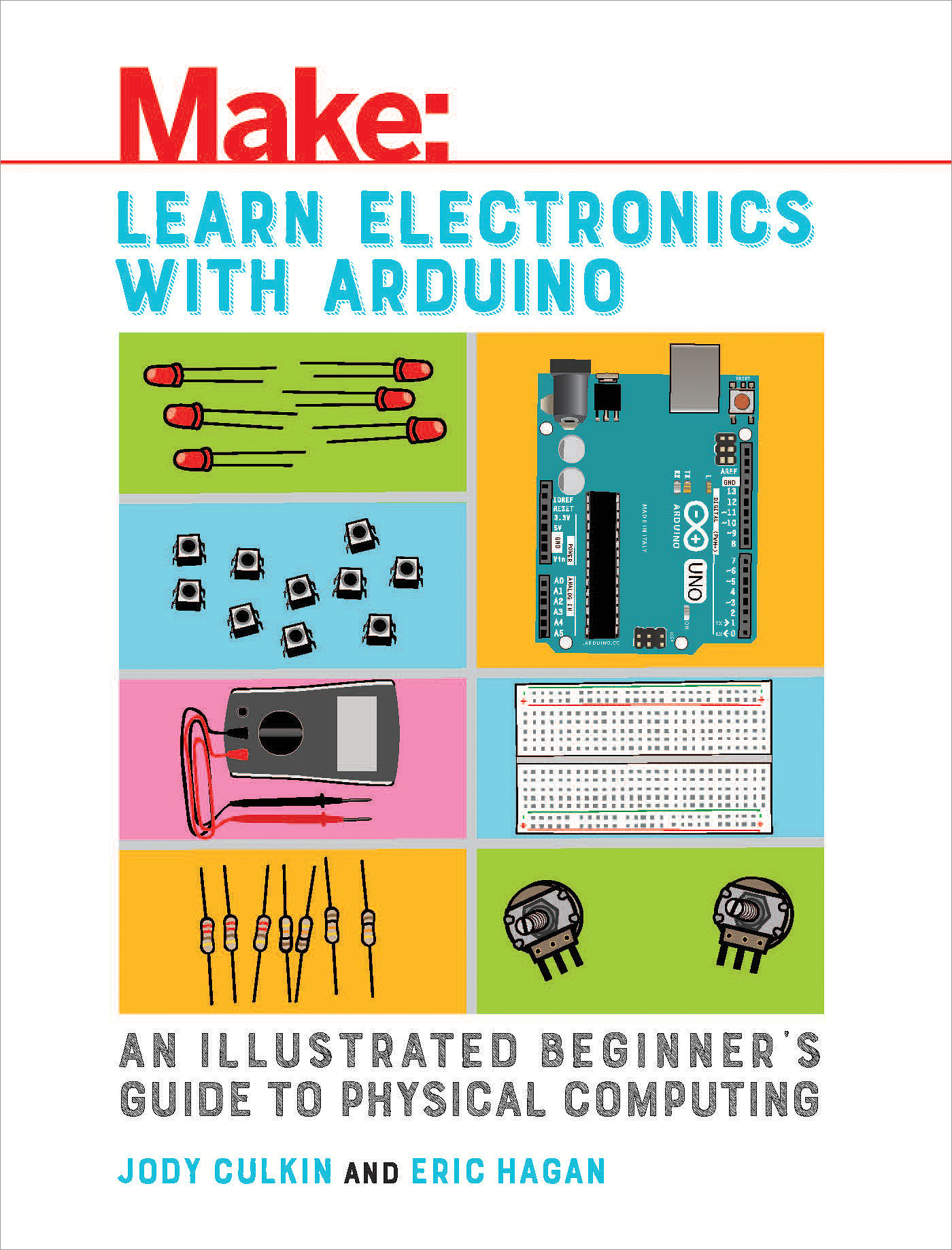
Learn Electronics with Arduino This book is your introduction to to physical computing with the Arduino microcontroller platform. No prior experience is required, not even an understanding of basic electronics. With color illustrations, easy-to-follow explanations, and step-by-step instructions, the book takes the beginner from building simple circuits on a breadboard to setting up the Arduino IDE and downloading and writing sketches to run on the Arduino. Readers will be introduced to basic electronics theory and programming concepts, as well as to digital and analog inputs and outputs. Throughout the book, debugging practices are highlighted, so novices will know what to do if their circuits or their code doesn't work for the current project and those that they embark on later for themselves. After completing the projects in this book, readers will have a firm basis for building their own projects with the Arduino. Written for absolute beginners with no prior knowledge of electronics or programming Filled with detailed full-color illustrations that make concepts and procedures easy to follow An accessible introduction to microcontrollers and physical computing Step-by-step instructions for projects that teach fundamental skills Includes a variety of Arduino-based projects using digital and analog input and output TECHNOLOGY & ENGINEERING,Electronics,Circuits,General

Getting Started with Soldering Getting Started with Soldering not only teaches new makers and experimenters the core principles of soldering, it also functions as an excellent reference and resource for beginners and more advanced makers alike. The book guides readers through the fundamentals of soldering, explains the tools and materials, demonstrates proper techniques, and shows how to fix mistakes or broken connections. It even includes guidance on more advanced techniques such as surface-mount soldering for electronics. From choosing the right soldering iron to making perfect connections, readers will acquire the knowledge and skills needed to form a strong foundation for a lifetime of making. Soldering is a core concept in making, electronics prototyping, and home repairs The many different types of soldering -- requiring different materials and tools -- are explained with easy-to-follow instructions Full-color photographs and illustrations throughout create a visually engaging format for learning Pricing and technical considerations help readers select the best tools for their budgets and needs Troubleshooting guidelines show how to repair solder connections that have failed from improper technique or from age TECHNOLOGY & ENGINEERING,Electronics,Circuits,General
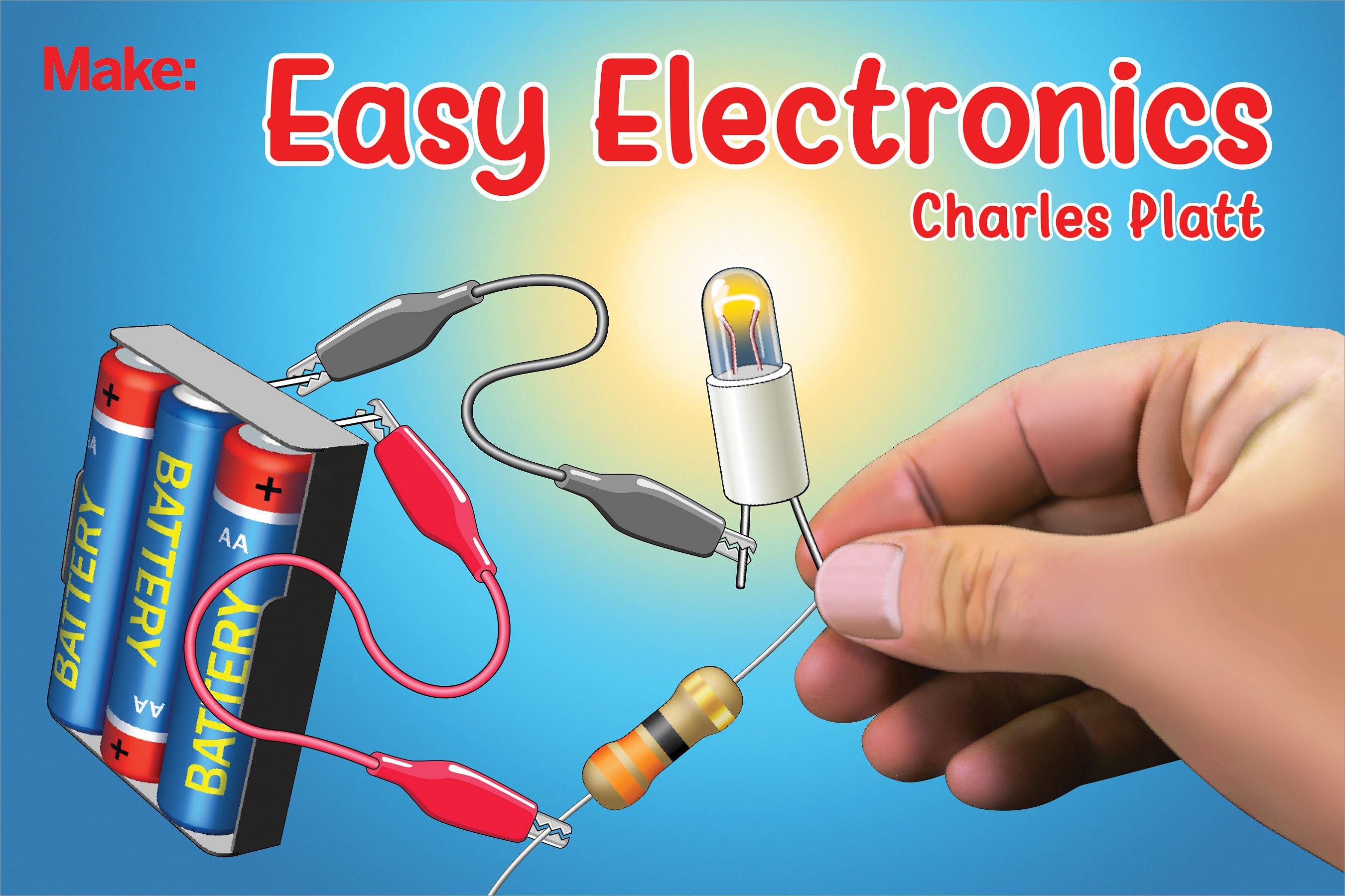
Easy Electronics This is the simplest, quickest, least technical, most affordable introduction to basic electronics. No tools are necessary--not even a screwdriver. Easy Electronics should satisfy anyone who has felt frustrated by entry-level books that are not as clear and simple as they are supposed to be. Brilliantly clear graphics will take you step by step through 12 basic projects, none of which should take more than half an hour. Using alligator clips to connect components, you see and hear immediateresults. The hands-on approach is fun and intriguing, especially for family members exploring the projects together. The 12 experiments will introduce you to switches, resistors, capacitors, transistors, phototransistors, LEDs, audio transducers, and a silicon chip. You'll even learn how to read schematics by comparing them with the circuits that you build. No prior knowledge is required, and no math is involved. You learn by seeing, hearing, and touching. By the end of Experiment 12, you may be eager to move on to a more detailed book. Easy Electronics will function perfectly as a prequel to the same author's bestseller, Make: Electronics. All the components listed in the book are inexpensive and readily available from online sellers. A very affordable kit has been developed in conjunction with the book to eliminate the chore of shopping for separate parts. A QR code inside the book will take you to the vendor's web site. Concepts include: Transistor as a switch or an amplifier Phototransistor to function as an alarm Capacitor to store and release electricity Transducer to create sounds from a timer Resistor codes A miniature light bulb to display voltage The inner workings of a switch Using batteries and resistors in series and parallel Creating sounds by the pressure of your finger Making a matchbox that beeps when you touch it And more. Grab your copy and start experimenting! TECHNOLOGY & ENGINEERING,Electronics,Circuits,General

Fan-Out Wafer-Level Packaging This comprehensive guide to fan-out wafer-level packaging (FOWLP) technology compares FOWLP with flip chip and fan-in wafer-level packaging. It presents the current knowledge on these key enabling technologies for FOWLP, and discusses several packaging technologies for future trends. The Taiwan Semiconductor Manufacturing Company (TSMC) employed their InFO (integrated fan-out) technology in A10, the application processor for Apple’s iPhone, in 2016, generating great excitement about FOWLP technology throughout the semiconductor packaging community. For many practicing engineers and managers, as well as scientists and researchers, essential details of FOWLP – such as the temporary bonding and de-bonding of the carrier on a reconstituted wafer/panel, epoxy molding compound (EMC) dispensing, compression molding, Cu revealing, RDL fabrication, solder ball mounting, etc. – are not well understood. Intended to help readers learn the basics of problem-solving methods and understand the trade-offs inherent in making system-level decisions quickly, this book serves as a valuable reference guide for all those faced with the challenging problems created by the ever-increasing interest in FOWLP, helps to remove roadblocks, and accelerates the design, materials, process, and manufacturing development of key enabling technologies for FOWLP. TECHNOLOGY & ENGINEERING,Electronics,Circuits,General
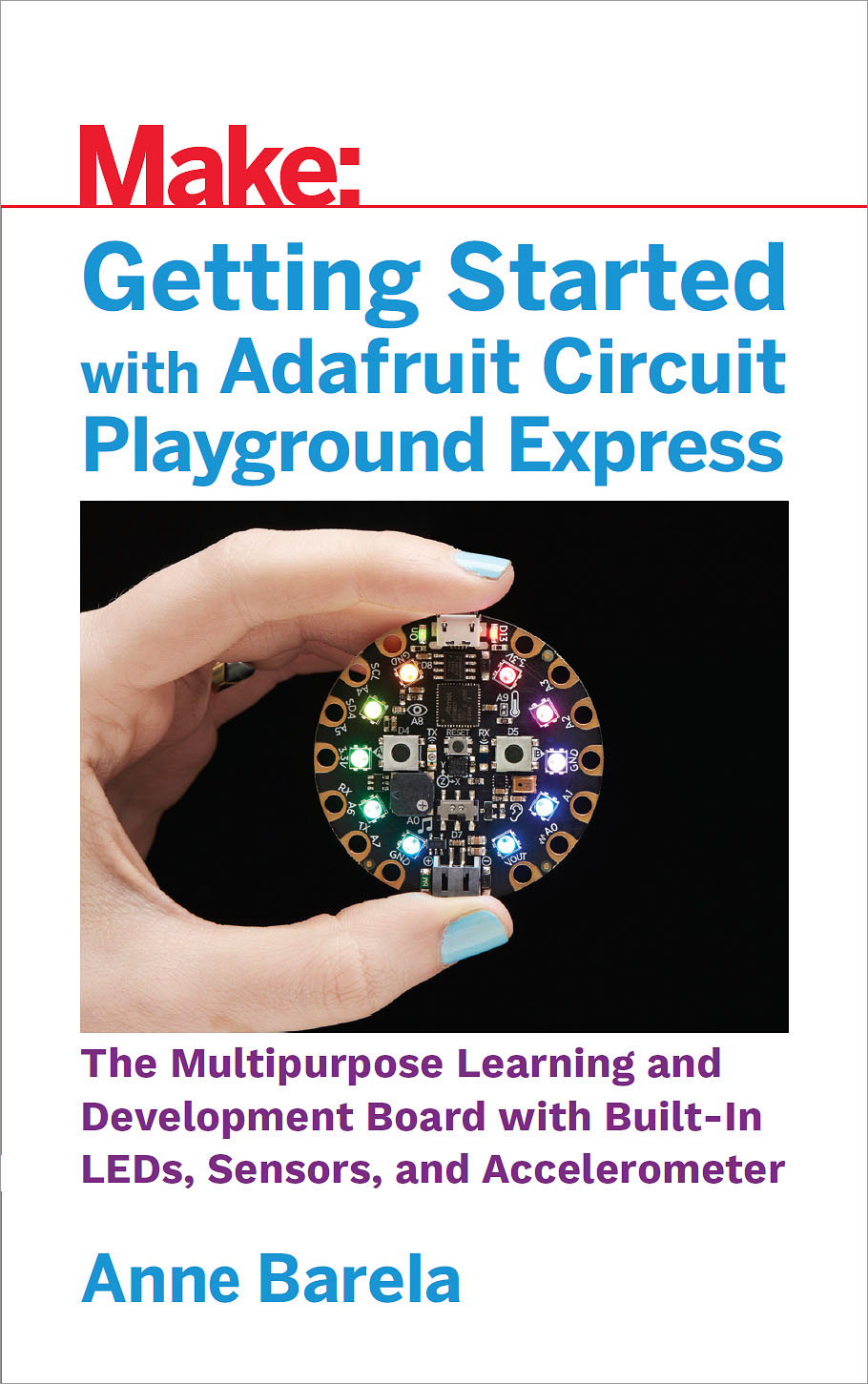
Getting Started with Adafruit Circuit Playground Express From Adafruit Industries, a leader in products to Makers, designers, students young and old, comes the Circuit Playground Express. Connect it to your PC, Mac or Linux computer, and you can be programming interactive projects in minutes. You have a choice of programming environments to choose from: Python, the Microsoft MakeCode graphical building block environment, C/C++ via the Arduino development environment and JavaScript. Whether you are learning interactive programming, have an Internet of Things project in mind, or are looking to design on-the-go wearable electronics, the versatile Circuit Playground Express is the device to start with. In Getting Started with the Adafruit Circuit Playground Express, you'll learn how to: Get up and running quickly with programmable boards Understand the basics of coding in multiple programming languages Use the built-in sensors for a variety of projects Make colorful interactive displays Design programs for the Internet of Things (IoT) TECHNOLOGY & ENGINEERING,Electronics,Circuits,General
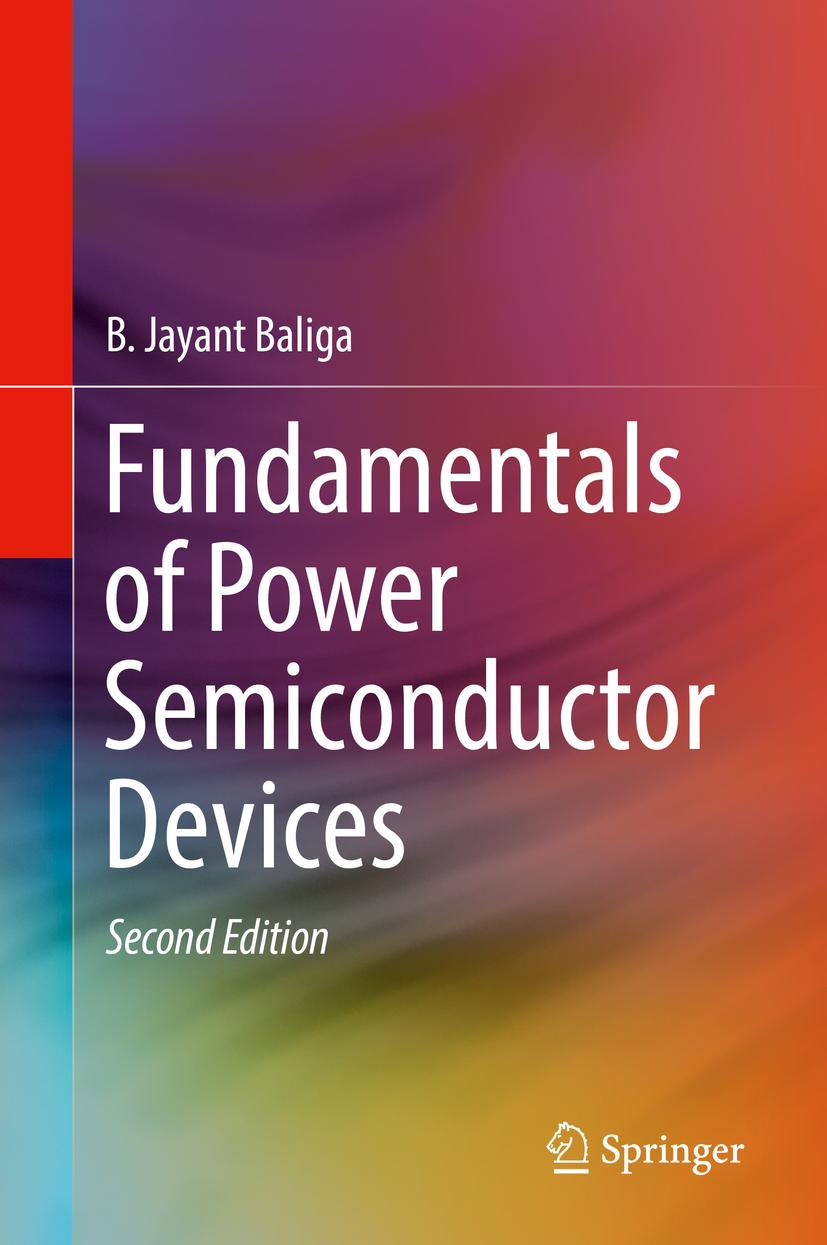
Fundamentals of Power Semiconductor Devices Fundamentals of Power Semiconductor Devices provides an in-depth treatment of the physics of operation of power semiconductor devices that are commonly used by the power electronics industry. Analytical models for explaining the operation of all power semiconductor devices are shown. The treatment focuses on silicon devices and includes the unique attributes and design requirements for emerging silicon carbide devices. TECHNOLOGY & ENGINEERING,Electronics,Circuits,General
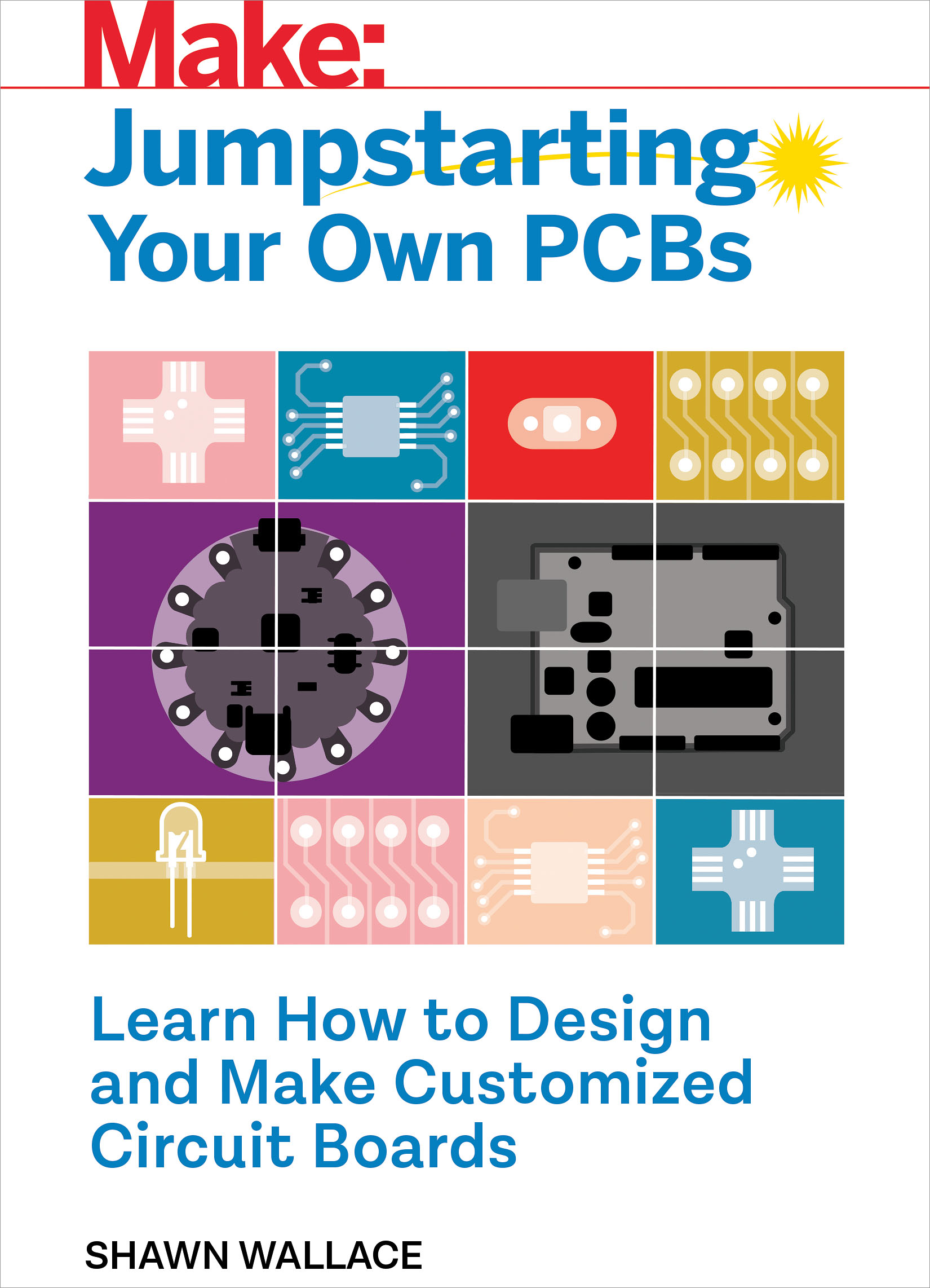
Jumpstarting Your Own PCB Learn to make your own printed circuit boards, using open source software and inexpensive manufacturing techniques! TECHNOLOGY & ENGINEERING,Electronics,Circuits,General
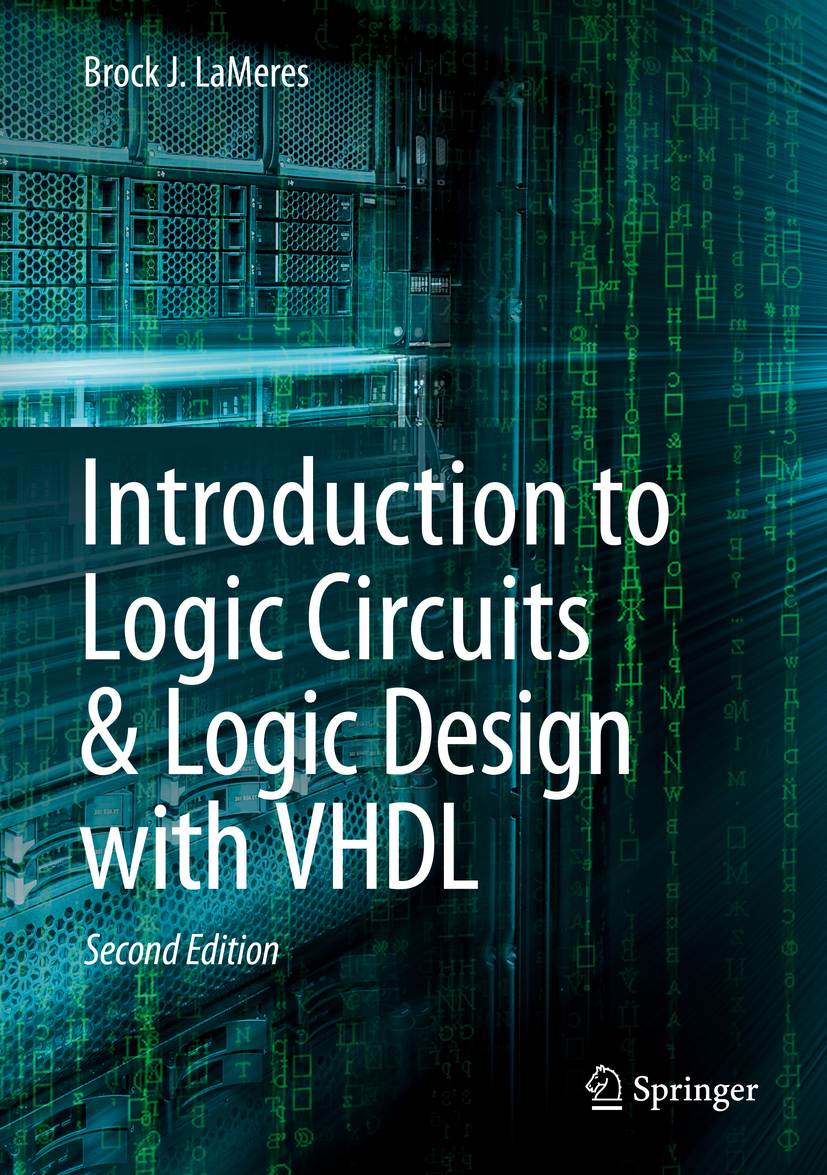
Introduction to Logic Circuits & Logic Design with VHDL This textbook introduces readers to the fundamental hardware used in modern computers. The only pre-requisite is algebra, so it can be taken by college freshman or sophomore students or even used in Advanced Placement courses in high school. This book presents both the classical approach to digital system design (i.e., pen and paper) in addition to the modern hardware description language (HDL) design approach (computer-based). This textbook enables readers to design digital systems using the modern HDL approach while ensuring they have a solid foundation of knowledge of the underlying hardware and theory of their designs. This book is designed to match the way the material is actually taught in the classroom. Topics are presented in a manner which builds foundational knowledge before moving onto advanced topics. The author has designed the content with learning goals and assessment at its core. Each section addresses a specific learning outcome that the learner should be able to “do†after its completion. The concept checks and exercise problems provide a rich set of assessment tools to measure learner performance on each outcome. This book can be used for either a sequence of two courses consisting of an introduction to logic circuits (Chapters 1-7) followed by logic design (Chapters 8-13) or a single, accelerated course that uses the early chapters as reference material. TECHNOLOGY & ENGINEERING,Electronics,Circuits,General
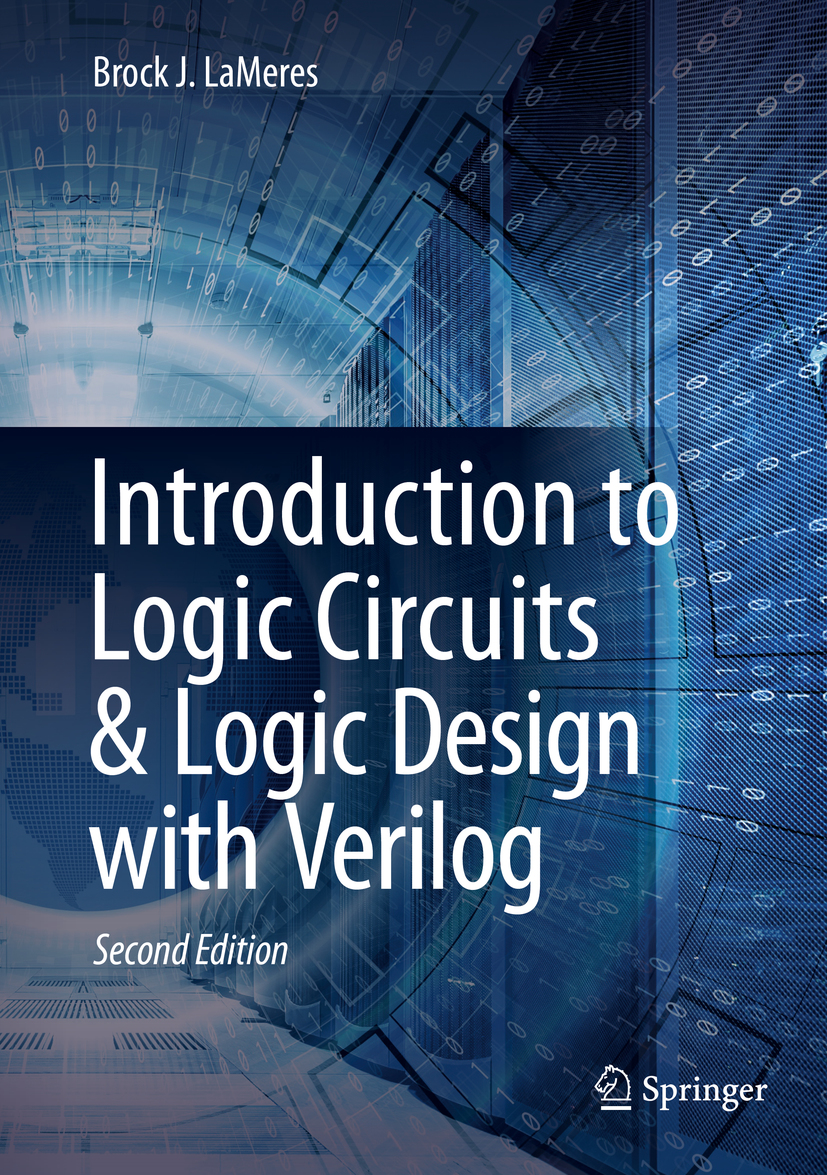
Introduction to Logic Circuits & Logic Design with Verilog This textbook for courses in Digital Systems Design introduces students to the fundamental hardware used in modern computers. Coverage includes both the classical approach to digital system design (i.e., pen and paper) in addition to the modern hardware description language (HDL) design approach (computer-based). Using this textbook enables readers to design digital systems using the modern HDL approach, but they have a broad foundation of knowledge of the underlying hardware and theory of their designs. This book is designed to match the way the material is actually taught in the classroom. Topics are presented in a manner which builds foundational knowledge before moving onto advanced topics. The author has designed the presentation with learning goals and assessment at its core. Each section addresses a specific learning outcome that the student should be able to “do†after its completion. The concept checks and exercise problems provide a rich set of assessment tools to measure student performance on each outcome. TECHNOLOGY & ENGINEERING,Electronics,Circuits,General
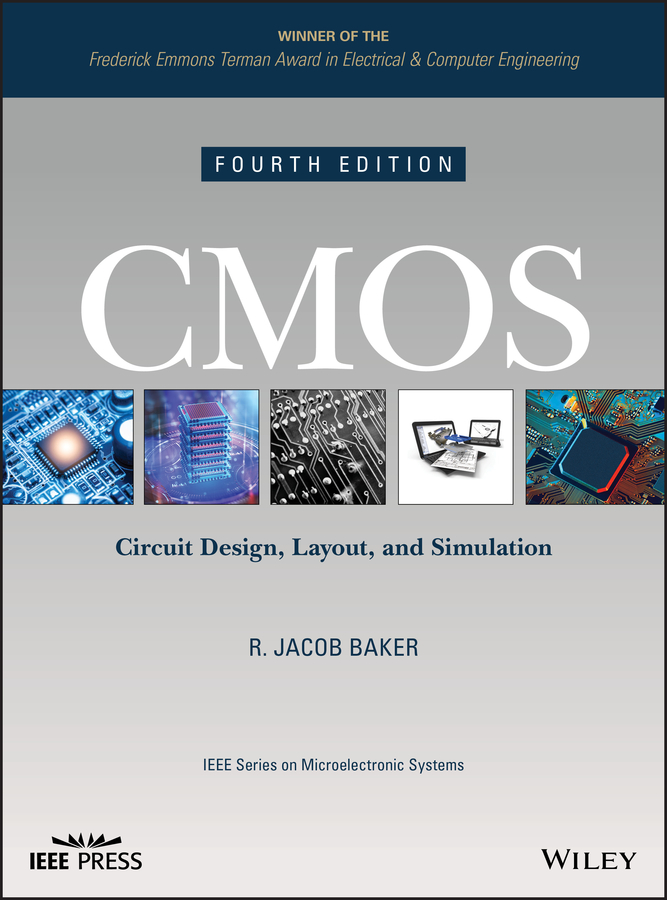
CMOS A revised guide to the theory and implementation of CMOS analog and digital IC design The fourth edition of CMOS: Circuit Design, Layout, and Simulation is an updated guide to the practical design of both analog and digital integrated circuits. The author—a noted expert on the topic—offers a contemporary review of a wide range of analog/digital circuit blocks including: phase-locked-loops, delta-sigma sensing circuits, voltage/current references, op-amps, the design of data converters, and switching power supplies. CMOS includes discussions that detail the trade-offs and considerations when designing at the transistor-level. The companion website contains numerous examples for many computer-aided design (CAD) tools. Using the website enables readers to recreate, modify, or simulate the design examples presented throughout the book. In addition, the author includes hundreds of end-of-chapter problems to enhance understanding of the content presented. This newly revised edition: • Provides in-depth coverage of both analog and digital transistor-level design techniques • Discusses the design of phase- and delay-locked loops, mixed-signal circuits, data converters, and circuit noise • Explores real-world process parameters, design rules, and layout examples • Contains a new chapter on Power Electronics Written for students in electrical and computer engineering and professionals in the field, the fourth edition of CMOS: Circuit Design, Layout, and Simulation is a practical guide to understanding analog and digital transistor-level design theory and techniques. TECHNOLOGY & ENGINEERING,Electronics,Circuits,General
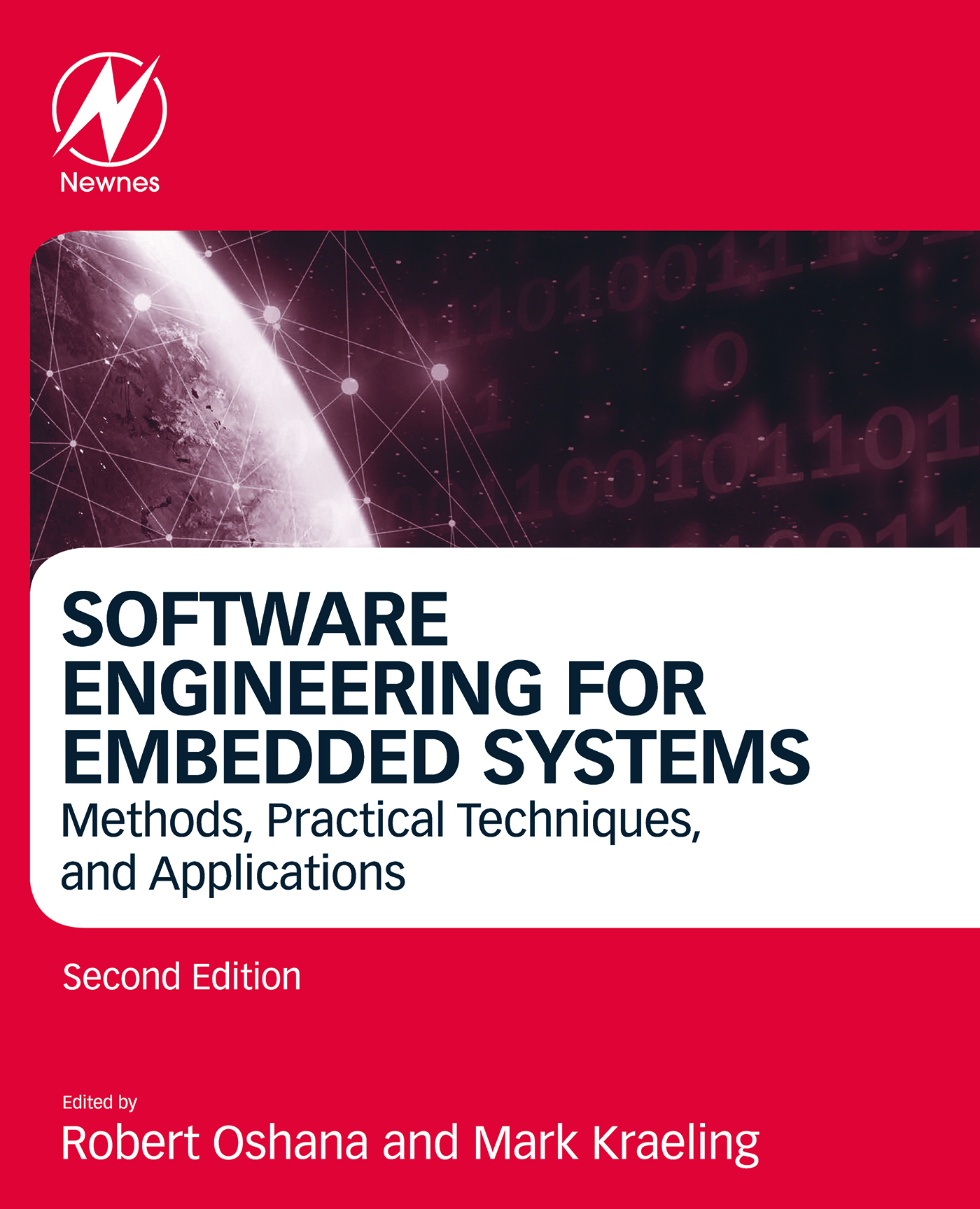
Software Engineering for Embedded Systems Software Engineering for Embedded Systems: Methods, Practical Techniques, and Applications, Second Edition provides the techniques and technologies in software engineering to optimally design and implement an embedded system. Written by experts with a solution focus, this encyclopedic reference gives an indispensable aid on how to tackle the day-to-day problems encountered when using software engineering methods to develop embedded systems. New sections cover peripheral programming, Internet of things, security and cryptography, networking and packet processing, and hands on labs. Users will learn about the principles of good architecture for an embedded system, design practices, details on principles, and much more. Provides a roadmap of key problems/issues and references to their solution in the text Reviews core methods and how to apply them Contains examples that demonstrate timeless implementation details Users case studies to show how key ideas can be implemented, the rationale for choices made, and design guidelines and trade-offs TECHNOLOGY & ENGINEERING,Electronics,Circuits,General
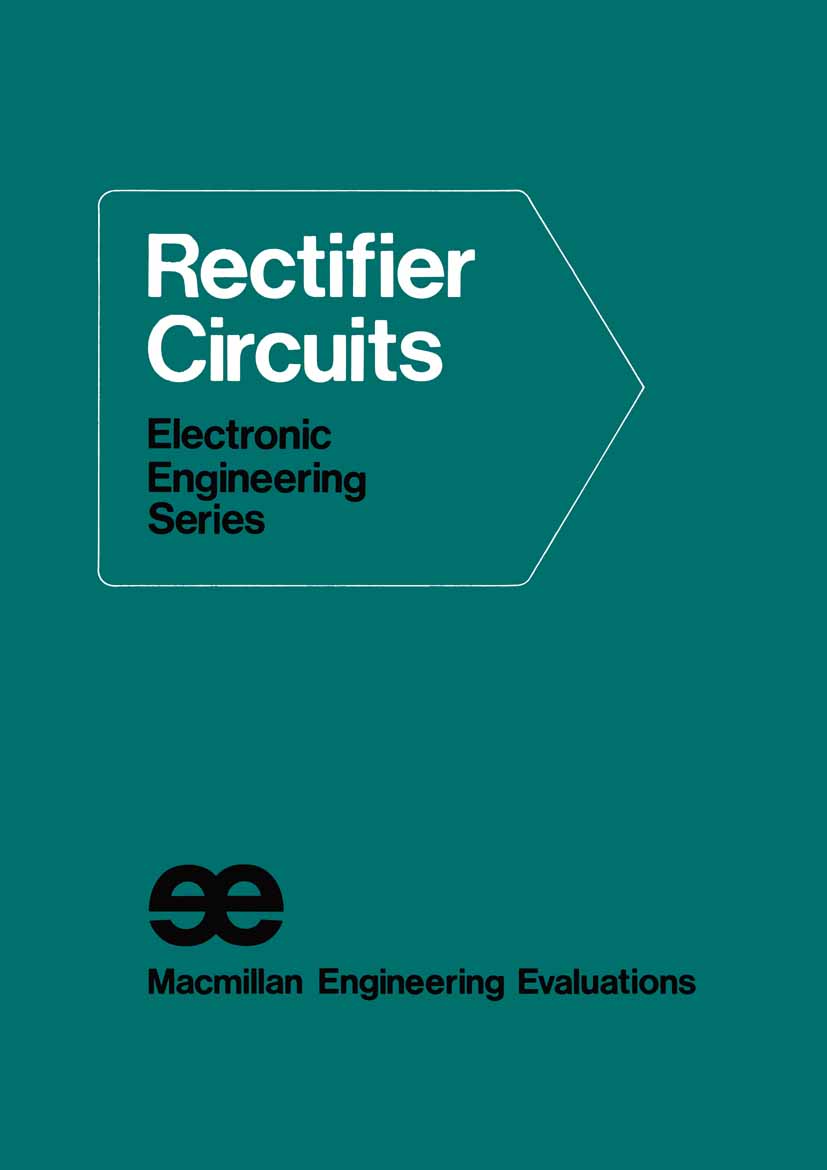
Rectifier Circuits TECHNOLOGY & ENGINEERING,Electronics,Circuits,General
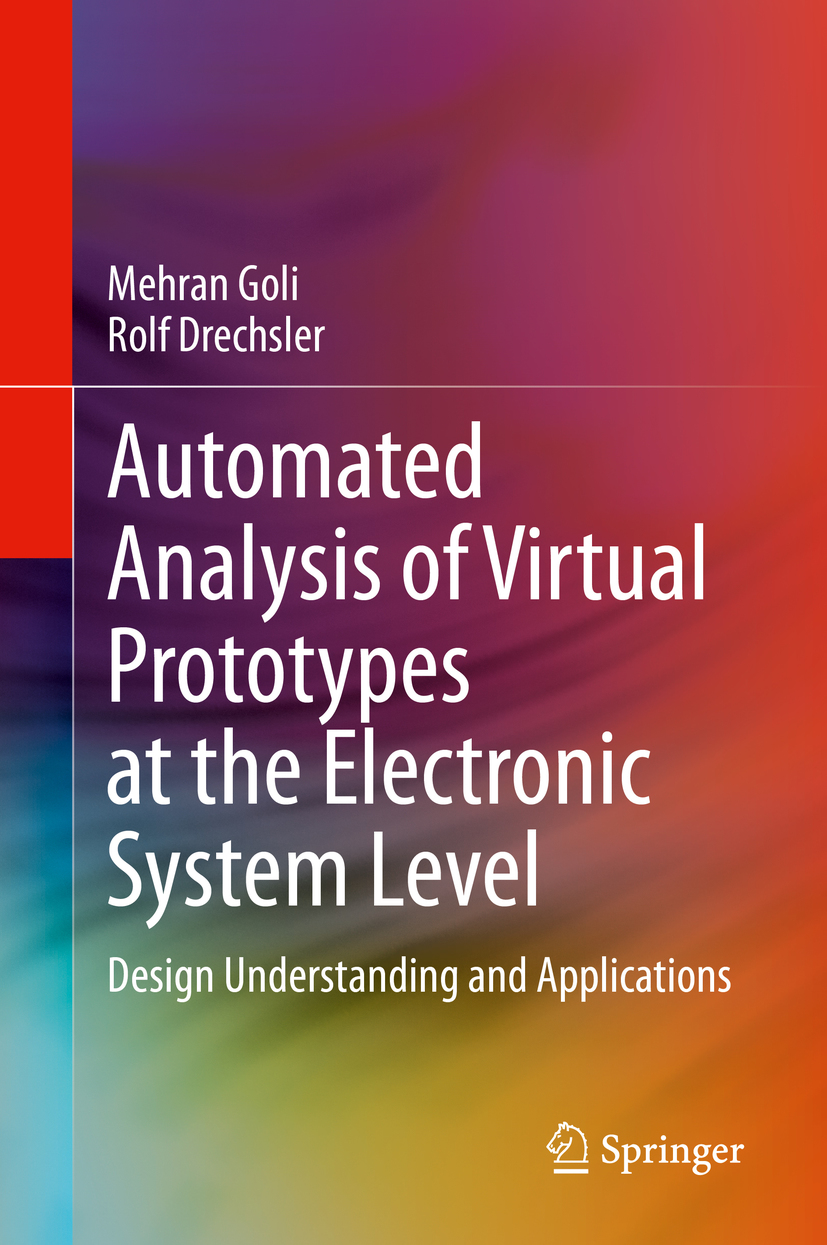
Automated Analysis of Virtual Prototypes at the Electronic System Level This book describes a set of SystemCâ€based virtual prototype analysis methodologies, including design understanding, verification, security validation, and design space exploration. Readers will gain an overview of the latest research results in the field of Electronic Design Automation (EDA) at the Electronic System Level (ESL). The methodologies discussed enable readers to tackle easily key tasks and applications in the design process. TECHNOLOGY & ENGINEERING,Electronics,Circuits,General
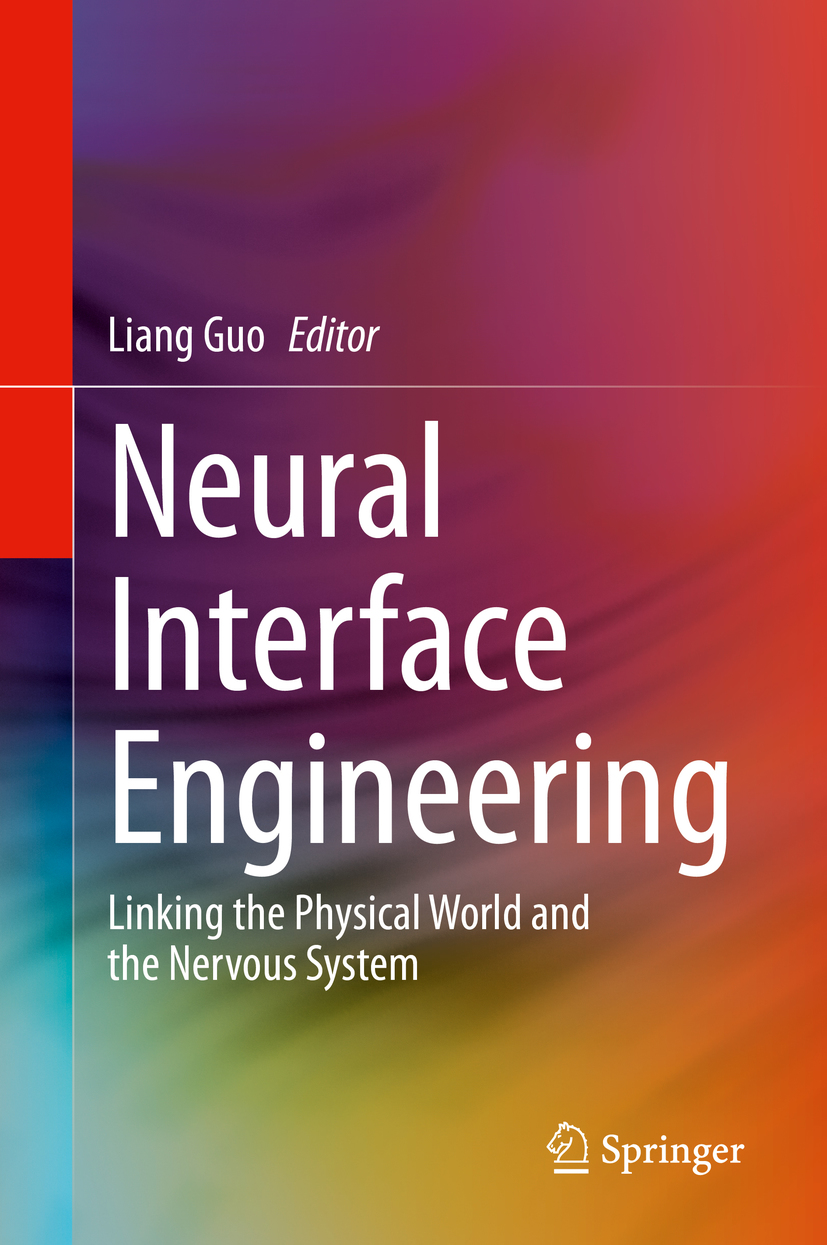
Neural Interface Engineering This book provides a comprehensive reference to major neural interfacing technologies used to transmit signals between the physical world and the nervous system for repairing, restoring and even augmenting body functions. The authors discuss the classic approaches for neural interfacing, the major challenges encountered, and recent, emerging techniques to mitigate these challenges for better chronic performances. Readers will benefit from this book’s unprecedented scope and depth of coverage on the technology of neural interfaces, the most critical component in any type of neural prostheses. Provides comprehensive coverage of major neural interfacing technologies; Reviews and discusses both classic and latest, emerging topics; Includes classification of technologies to provide an easy grasp of research and trends in the field. TECHNOLOGY & ENGINEERING,Electronics,Circuits,General
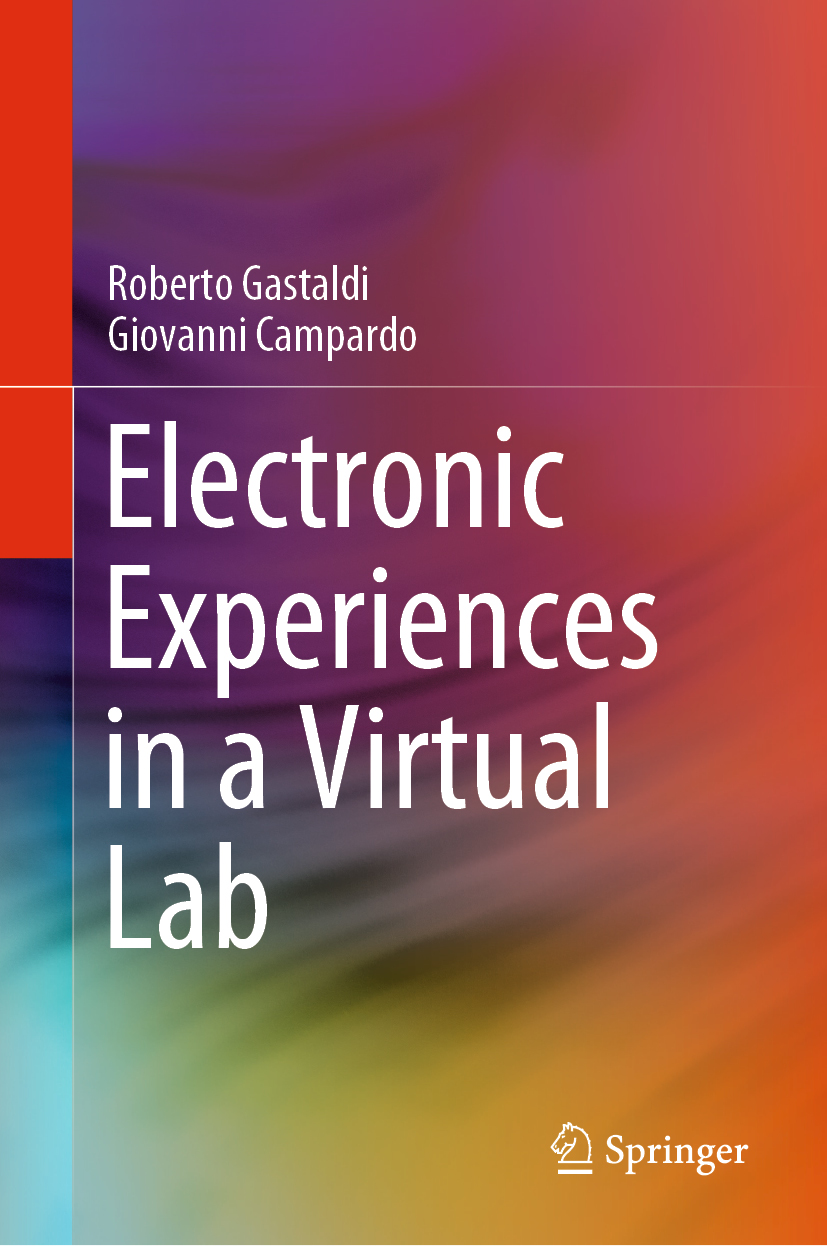
Electronic Experiences in a Virtual Lab This book presents a collection of “lessons†on various topics commonly encountered in electronic circuit design, including some basic circuits and some complex electronic circuits, which it uses as vehicles to explain the basic circuits they are composed of. The circuits considered include a linear amplifier, oscillators, counters, a digital clock, power supplies, a heartbeat detector, a sound equalizer, an audio power amplifier and a radio. The theoretical analysis has been deliberately kept to a minimum, in order to dedicate more time to a “learning by doing†approach, which, after a brief review of the theory, readers are encouraged to use directly with a simulator tool to examine the operation of circuits in a “virtual laboratory.†Though the book is not a theory textbook, readers should be familiar with the basic principles of electronic design, and with spice-like simulation tools. To help with the latter aspect, one chapter is dedicated to the basic functions and commands of the OrCad P-spice simulator used for the experiments described in the book. TECHNOLOGY & ENGINEERING,Electronics,Circuits,General

Multiband Dual-Function CMOS RFIC Filter-Switches This book presents the theory, analysis, and design of multiband dual-function microwave and millimeter-wave CMOS radio frequency integrated circuit (RFIC) filter-switches capable of simultaneous switching and filtering, which are relevant for advanced multiband RF systems. Typical microwave and millimeter-wave switches are designed only for switching purposes without considering frequency selectivity or filtering. A separate filter is normally needed to be used with a switch to provide a filtering function. This conventional design approach hence leads to higher insertion loss, larger size and higher cost for RF systems. RF systems operating over multiple bands provide numerous advantages and offer more capabilities for communications and sensing than their single-band counterparts. A concurrent multiband system enables one single system to be used over multiple bands simultaneously, leading to optimum size, cost, and power consumption, together with ease of system implementation. Truly concurrent multiband systems require many components to work on multiple bands simultaneously, including concurrent multiband switches. Microwave and millimeter-wave integrated circuits using silicon-based CMOS (or related BiCMOS) RFICs are less expensive and better suited to direct integration with digital ICs than those using III-V compound semiconductor devices. CMOS RFICs are also small and offer low power consumption, making them suitable for portable battery-operated systems. Accordingly, CMOS RFICs are very attractive for RF systems and are the principal choice for commercial wireless markets. The content is divided into six chapters, the first four of which describe and address band-pass, high-pass, and low-pass filters, as well as multiband band-pass filters, the fundamentals of switches, and various switch architectures including single-pole single-throw (SPST), single-pole double-throw (SPDT), transmit/receive (T/R), and ultra-high-isolation switches, the fundamentals and models of MOSFETs used in the design of switches, and the essentials of CMOS RFIC design needed for the filter-switches presented in this book. In turn, the fifth chapter presents the core of the book, namely the design, simulation, and measurement of various CMOS dual-band dual-function SPDT and T/R switches capable of concurrent switching and filtering, as examples to illustrate the design of multiband dual-function filter-switches. These components operate in two different frequency bands centered at approximately 40 and 60 GHz and 24 and 60 GHz. Lastly, a summary and conclusion are provided in Chapter 6. TECHNOLOGY & ENGINEERING,Electronics,Circuits,General

MEMS Resonator Filters This book explores the challenges and opportunities of developing circuits with MEMS resonator filters. The replacement of classical electrical components with electromechanical components is explored in this book, and the specific properties of MEMS resonators required in various frequency ranges are discussed. TECHNOLOGY & ENGINEERING,Electronics,Circuits,General
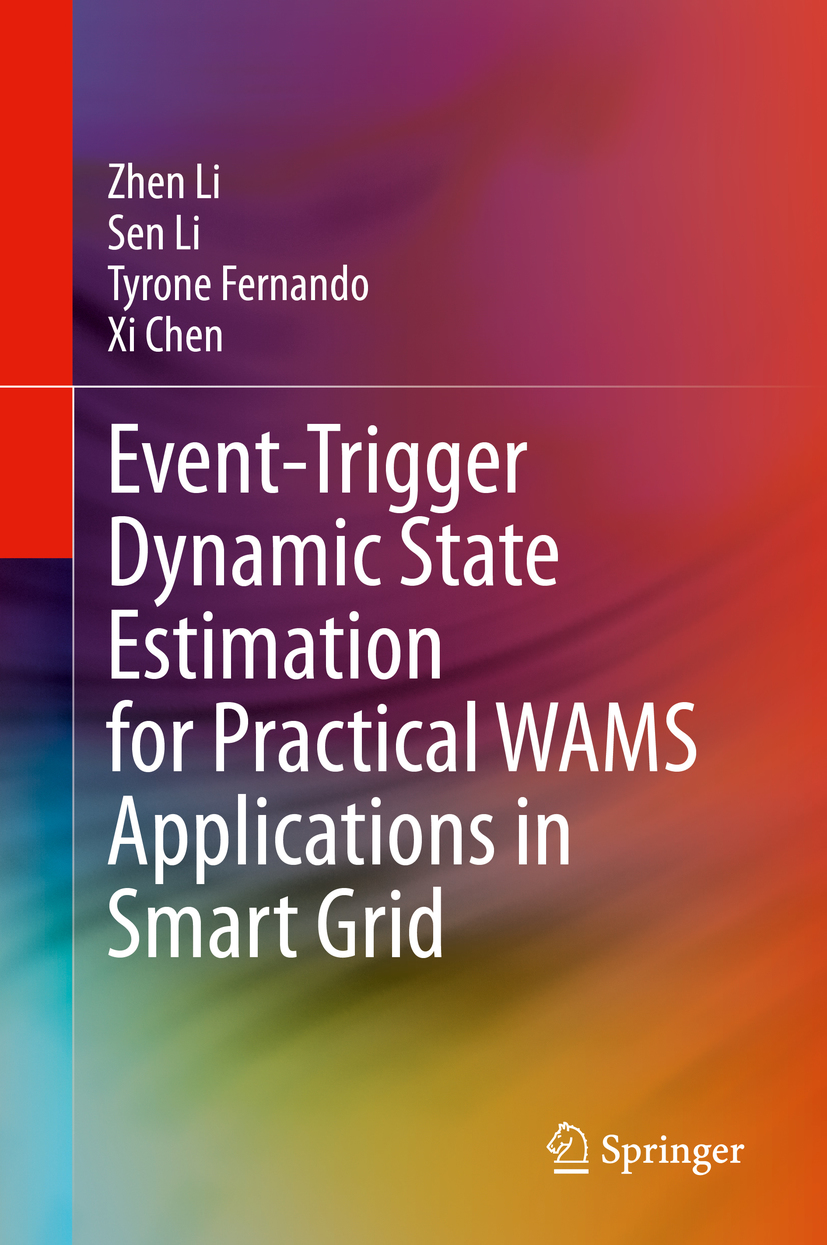
Event-Trigger Dynamic State Estimation for Practical WAMS Applications in Smart Grid This book describes how dynamic state estimation application in wide-area measurement systems (WAMS) are crucial for power system reliability, to acquire precisely power system dynamics. The event trigger DSE techniques described by the authors provide a design balance between the communication rate and estimation performance, by selectively sending the innovational data. The discussion also includes practical problems for smart grid applications, such as the non-Gaussian process/measurement noise, packet dropout, computation burden of accurate DSE, robustness to the system variation, etc. Readers will learn how the event trigger DSE can facilitate the effective reduction of communication rates, with guaranteed accuracy under a variety of practical conditions in smart grid applications. TECHNOLOGY & ENGINEERING,Electronics,Circuits,General
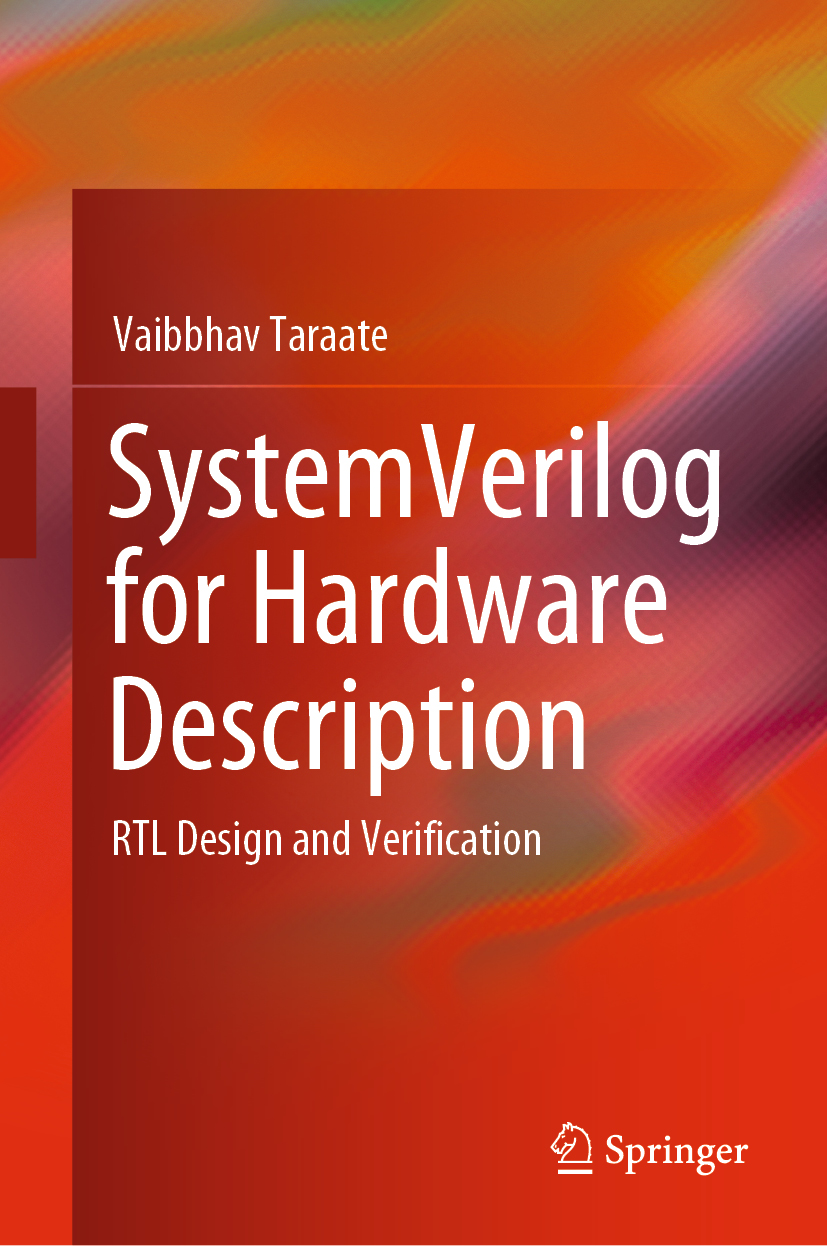
SystemVerilog for Hardware Description This book introduces the reader to FPGA based design for RTL synthesis. It describes simple to complex RTL design scenarios using SystemVerilog. The book builds the story from basic fundamentals of FPGA based designs to advance RTL design and verification concepts using SystemVerilog. It provides practical information on the issues in the RTL design and verification and how to overcome these. It focuses on writing efficient RTL codes using SystemVerilog, covers design for the Xilinx FPGAs and also includes implementable code examples. The contents of this book cover improvement of design performance, assertion based verification, verification planning, and architecture and system testing using FPGAs. The book can be used for classroom teaching or as a supplement in lab work for undergraduate and graduate coursework as well as for professional development and training programs. It will also be of interest to researchers and professionals interested in the RTL design for FPGA and ASIC. TECHNOLOGY & ENGINEERING,Electronics,Circuits,General
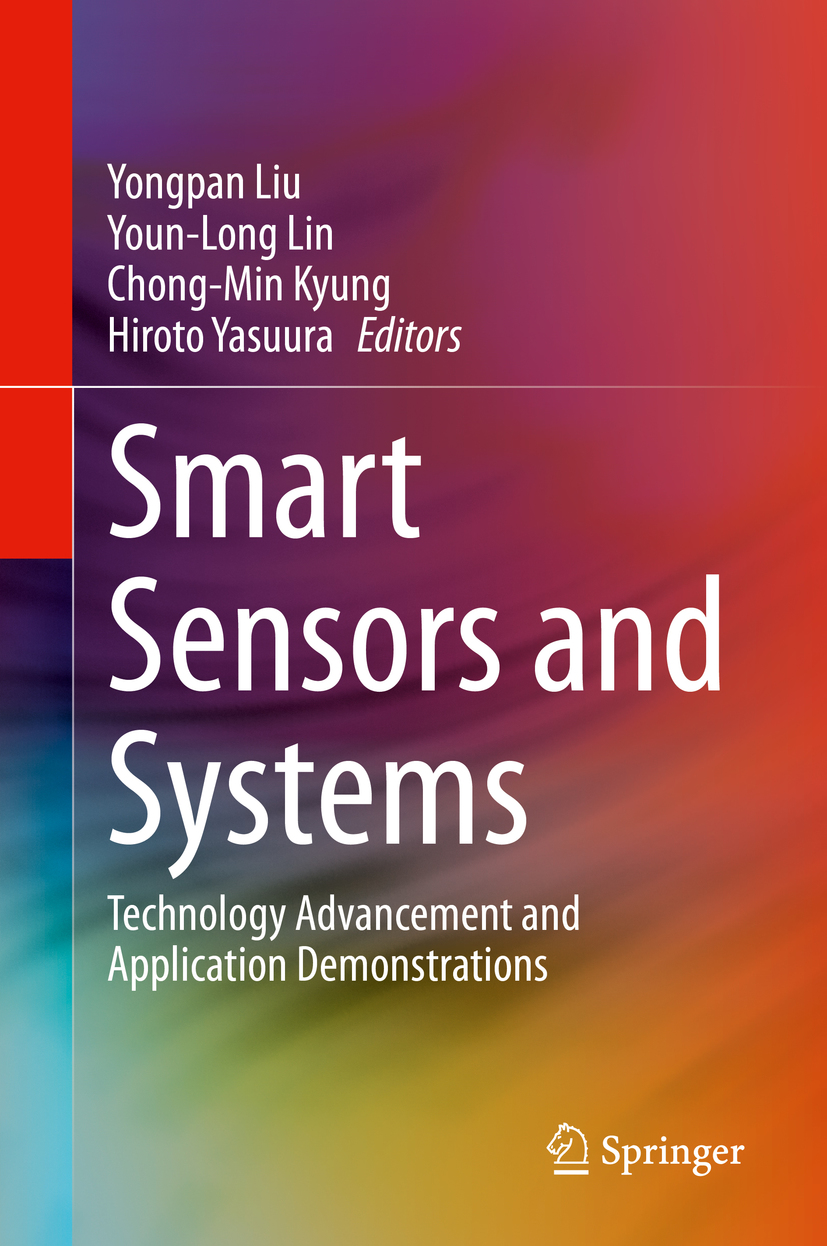
Smart Sensors and Systems This book describes for readers technology used for effective sensing of our physical world and intelligent processing techniques for sensed information, which are essential to the success of Internet of Things (IoTs). The authors provide a multidisciplinary view of sensor technology from materials, process, circuits, and big data domains and showcase smart sensor systems in real applications including smart home, transportation, medical, environmental, agricultural, etc. Unlike earlier books on sensors, this book will provide a “global†view on smart sensors covering abstraction levels from device, circuit, systems, and algorithms. Profiles active research on smart sensors based on CMOS microelectronics; Describes applications of sensors and sensor systems in cyber physical systems, the social information infrastructure in our modern world; Includes coverage of a variety of related information technologies supporting the application of sensors; Discusses the integration of computation, networking, actuation, databases, and various sensors, in order to embed smart sensor systems into actual social systems. TECHNOLOGY & ENGINEERING,Electronics,Circuits,General
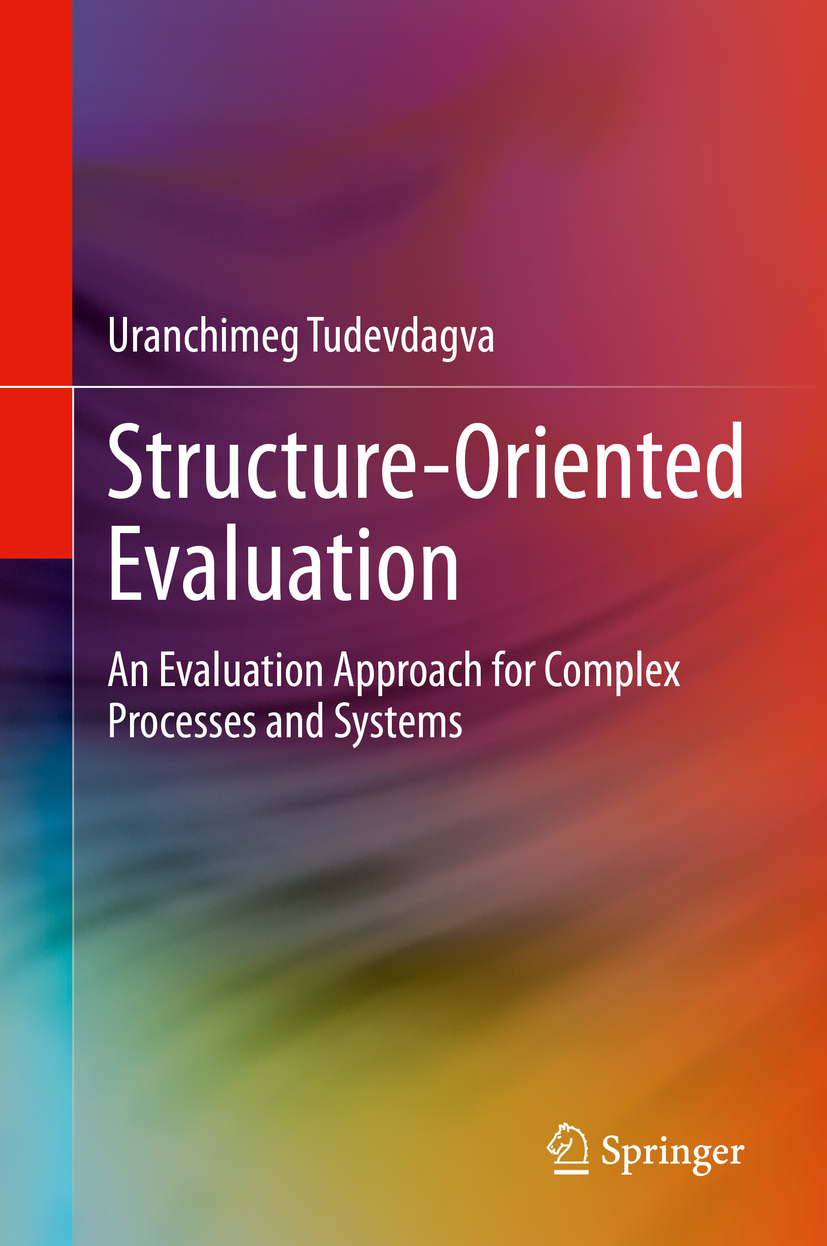
Structure-Oriented Evaluation This book introduces a new branch of evaluation theory, where evaluation and score calculation is embedded into general measure theory, as is typical in geometry, probability theory and reliability theory. The author describes the theoretical background of new evaluation model for complex processes, where interests of involved groups are considered as multi-players of evaluation process. Readers will learn how the logical structure of a process/system can be included into an evaluation. The author applies these techniques not only to the visualization of evaluation goals, but also the designed logical structure becomes the basis for calculation of evaluation scores. Various examples are provides to demonstrate the implementation of the methods. TECHNOLOGY & ENGINEERING,Electronics,Circuits,General

Wireless Power Transfer This book describes systematically wireless power transfer technology using magnetic resonant coupling and electric resonant coupling and presents the latest theoretical and phenomenological approaches to its practical implementation, operation and its applications. It also discusses the difference between electromagnetic induction and magnetic resonant coupling, the characteristics of various types of resonant circuit topologies and the unique features of magnetic resonant coupling methods. Designed to be self-contained, this richly illustrated book is a valuable resource for a broad readership, from researchers to engineers and anyone interested in cutting-edge technologies in wireless power transfer. TECHNOLOGY & ENGINEERING,Electronics,Circuits,General
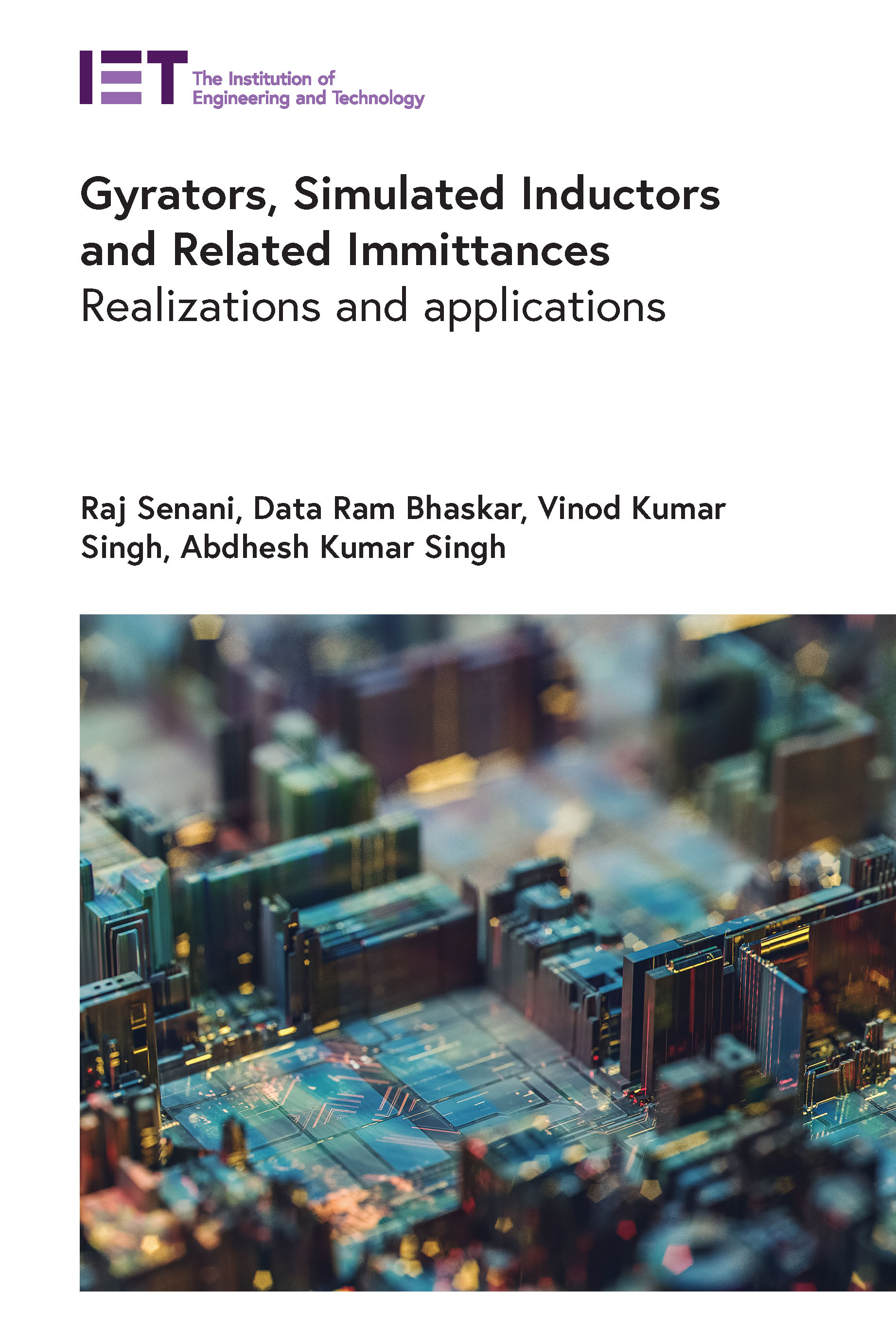
Gyrators, Simulated Inductors and Related Immittances This book provides coverage of the major gyrator circuits, simulated inductors and related synthetic impedances. It offers a review of research in this field to date, and includes a wide range and number of circuit examples, along with their relevant design equations, limitations, performance features, advantages and shortcomings. TECHNOLOGY & ENGINEERING,Electronics,Circuits,General
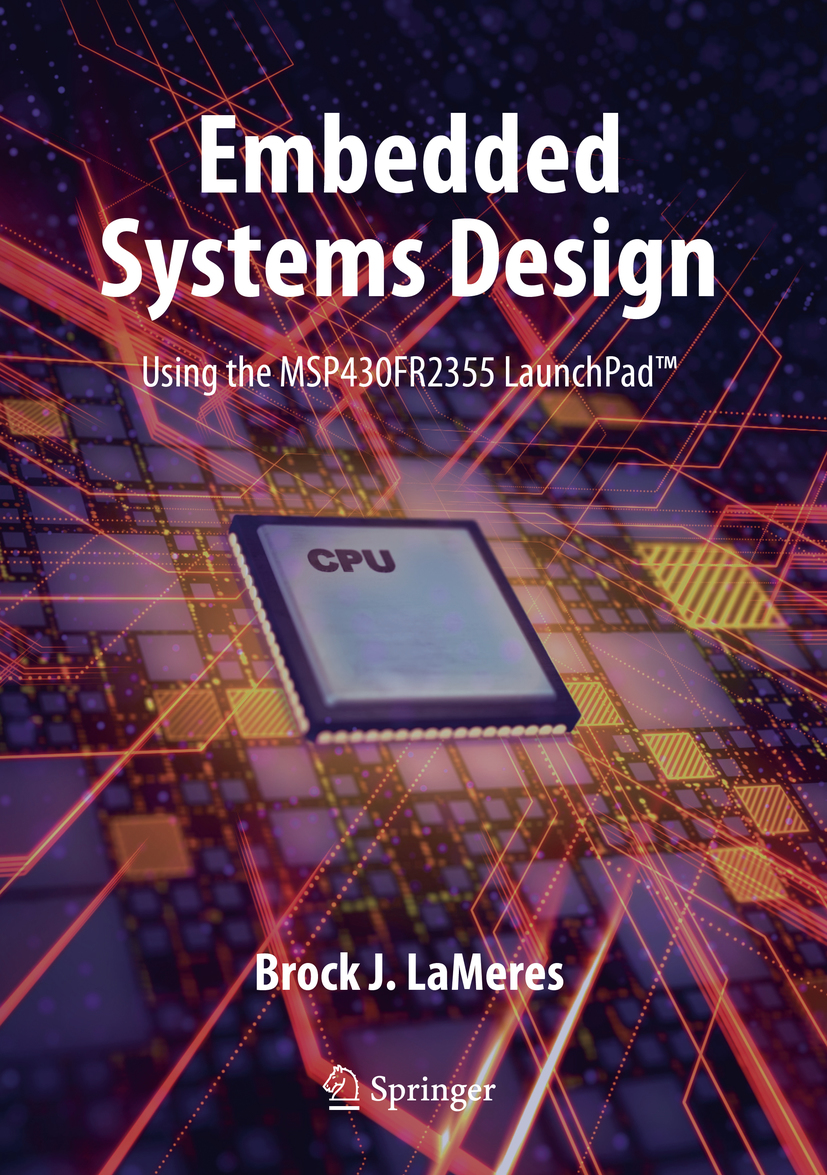
Embedded Systems Design using the MSP430FR2355 LaunchPadâ„¢ This textbook for courses in Embedded Systems introduces students to necessary concepts, through a hands-on approach. LEARN BY EXAMPLE – This book is designed to teach the material the way it is learned, through example. Every concept is supported by numerous programming examples that provide the reader with a step-by-step explanation for how and why the computer is doing what it is doing. LEARN BY DOING – This book targets the Texas Instruments MSP430 microcontroller. This platform is a widely popular, low-cost embedded system that is used to illustrate each concept in the book. The book is designed for a reader that is at their computer with an MSP430FR2355 LaunchPadTM Development Kit plugged in so that each example can be coded and run as they learn. LEARN BOTH ASSEMBLY AND C – The book teaches the basic operation of an embedded computer using assembly language so that the computer operation can be explored at a low-level. Once more complicated systems are introduced (i.e., timers, analog-to-digital converters, and serial interfaces), the book moves into the C programming language. Moving to C allows the learner to abstract the operation of the lower-level hardware and focus on understanding how to “make things workâ€. BASED ON SOUND PEDAGOGY - This book is designed with learning outcomes and assessment at its core. Each section addresses a specific learning outcome that the student should be able to “do†after its completion. The concept checks and exercise problems provide a rich set of assessment tools to measure student performance on each outcome. TECHNOLOGY & ENGINEERING,Electronics,Circuits,General

Millimeter-wave Integrated Technologies in the Era of the Fourth Industrial Revolution This peer-reviewed book explores the technologies driving broadband internet connectivity in the fourth industrial revolution (Industry 4.0). It particularly focuses on potential solutions to introduce these technologies in emerging markets and rural areas, regions that typically form part of the digital divide and often have under-developed telecommunications infrastructures, a lack of skilled workers, and geographical restrictions that limit broadband connectivity. Research shows that ubiquitous internet access boosts socio-economic growth through innovations in science and technology, with the common goal of bringing positive change to the lives of individuals. Fifth-generation (5G) networks based on millimeter-wave (mm-wave) frequency information transfer have the potential to provide future-proof, affordable and sustainable broadband connectivity in areas where previous-generation mobile networks were unable to do so. This book discusses the principles of various technologies that enable electronic circuits to operate at mm-wave frequencies. It examines the importance of identifying, describing, and analyzing technology from a purely technological standpoint, but also acknowledges and investigates the challenges and limitations of introducing such technologies in emerging markets. Presenting recent research, the book spearheads participation in Industry 4.0 in these areas. TECHNOLOGY & ENGINEERING,Electronics,Circuits,General
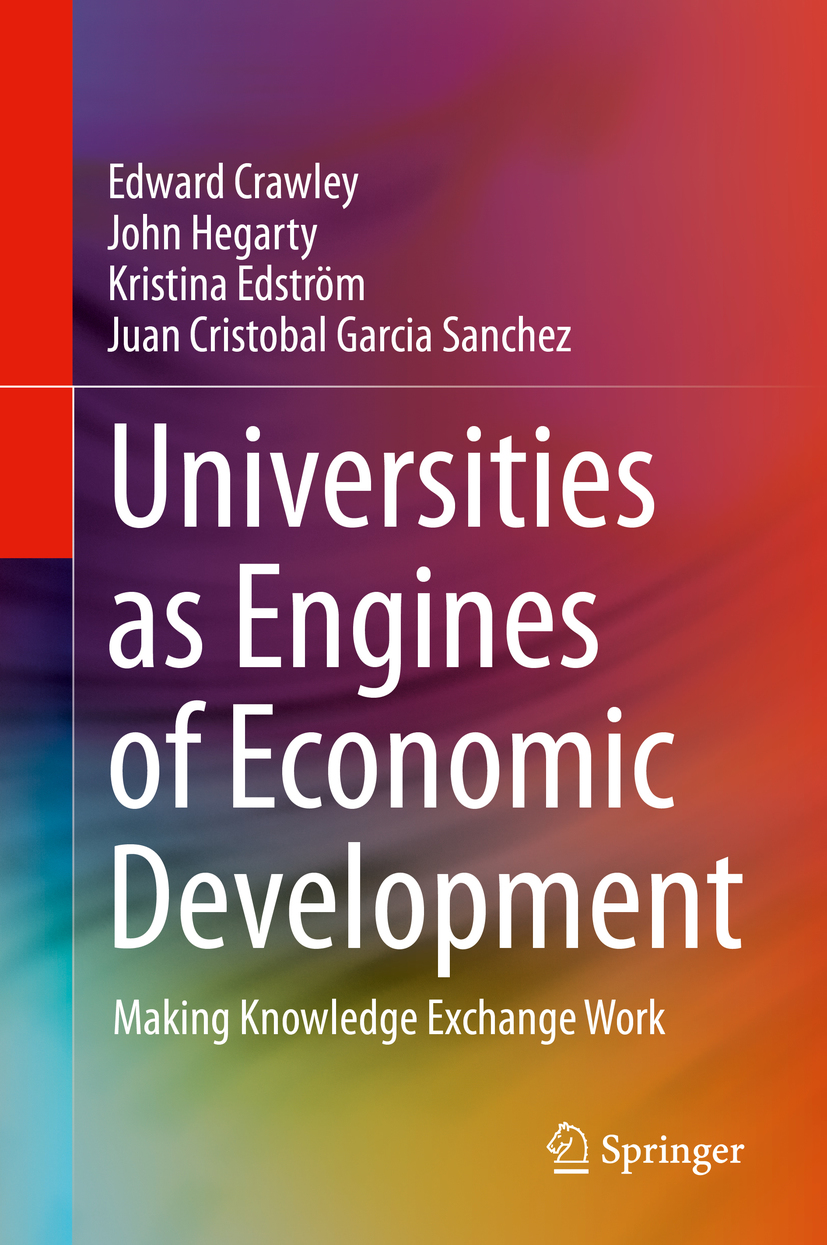
Universities as Engines of Economic Development This book describes patterns of behavior that collectively allow universities to exchange knowledge more effectively with industry, accelerate innovation and eventually contribute to economic development. These are based on the effective practices of leading and ambitious universities around the world that the authors have benchmarked, and the personal experiences of the authors in a number of international institution building projects, including those of MIT.The authors provide guidance that is globally applicable, but must be locally adapted. The approach is first to describe the context in which universities act as engines of economic development, and then present a set of effective practices in four domains: education, research, innovation, and supporting practices. Each of these domains has three to six practices, and each practice is presented in a similar template, with an abstract, a rationale and description, key actions and one or two mini-case studies. The practices are summarized by integrative case studies. The book: Focuses on a globally adaptable set of effective practices, complemented by case studies, that can enhance universities’ contribution to economic development, based on an integrated view of education, research and innovation; Presents effective practices and broader insights that come from real global experience, spelled out in templates and explained by cases; Includes tangible resources for university leaders, policy makers and funders on how to proceed. TECHNOLOGY & ENGINEERING,Electronics,Circuits,General
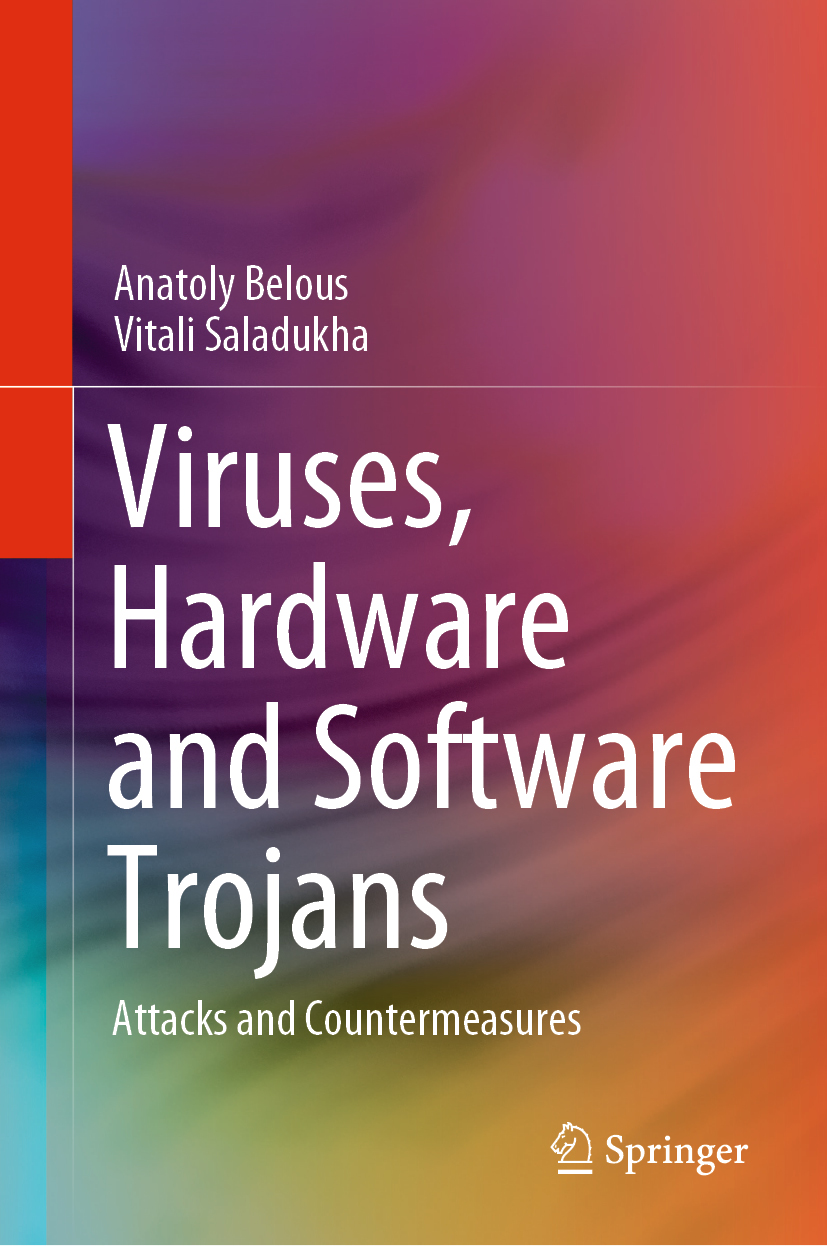
Viruses, Hardware and Software Trojans This book provides readers with a valuable reference on cyber weapons and, in particular, viruses, software and hardware Trojans. The authors discuss in detail the most dangerous computer viruses, software Trojans and spyware, models of computer Trojans affecting computers, methods of implementation and mechanisms of their interaction with an attacker — a hacker, an intruder or an intelligence agent. Coverage includes Trojans in electronic equipment such as telecommunication systems, computers, mobile communication systems, cars and even consumer electronics. The evolutionary path of development of hardware Trojans from "cabinets", "crates" and "boxes" to the microcircuits (IC) is also discussed. Readers will benefit from the detailed review of the major known types of hardware Trojans in chips, principles of their design, mechanisms of their functioning, methods of their introduction, means of camouflaging and detecting, as well as methods of protection and counteraction. TECHNOLOGY & ENGINEERING,Electronics,Circuits,General
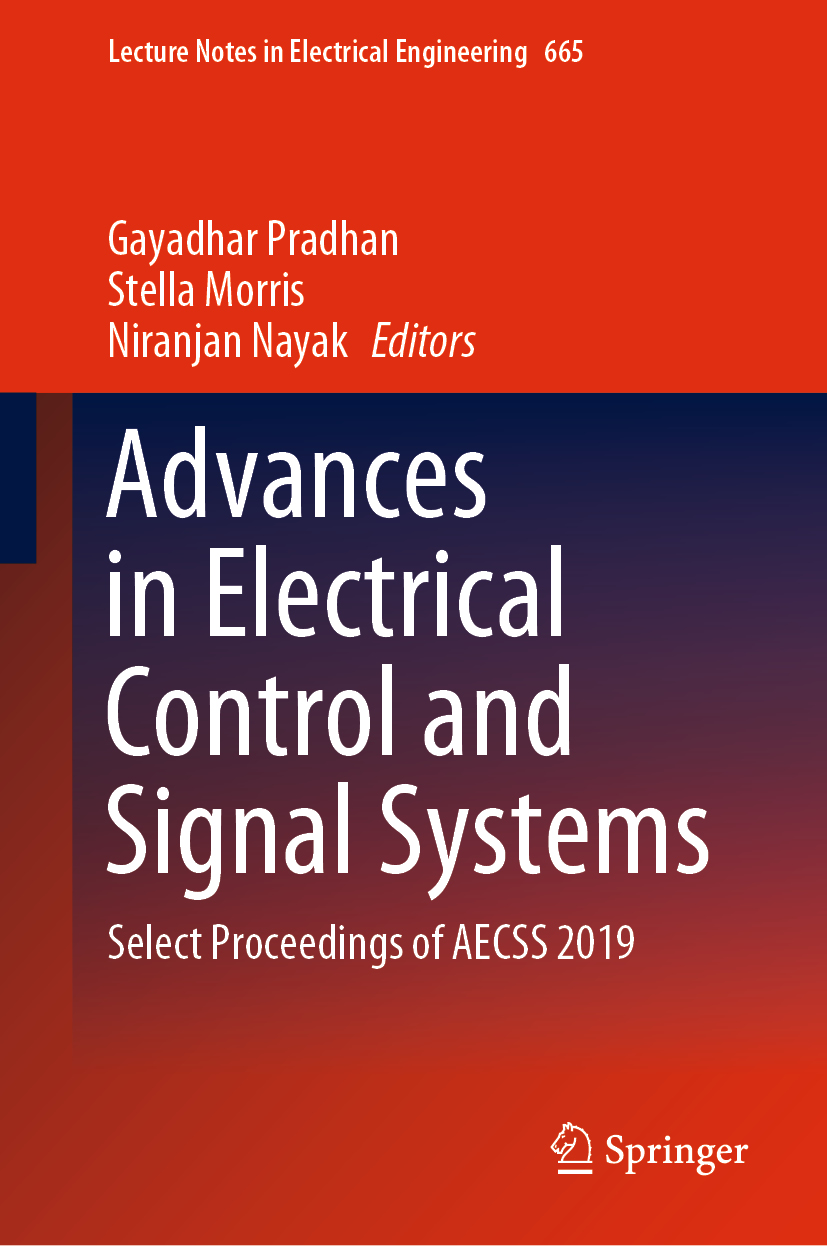
Advances in Electrical Control and Signal Systems This book presents select proceedings of the International Conference on Advances in Electrical Control and Signal Systems (AECSS) 2019. The focus is on the current developments in control and signal systems in electrical engineering, and covers various topics such as power systems, energy systems, micro grid, smart grid, networks, fuzzy systems and their control. The book also discusses various properties and performance of signal systems and their applications in different fields. The contents of this book can be useful for students, researchers as well as professionals working in power and energy systems, and other related fields. TECHNOLOGY & ENGINEERING,Electronics,Circuits,General
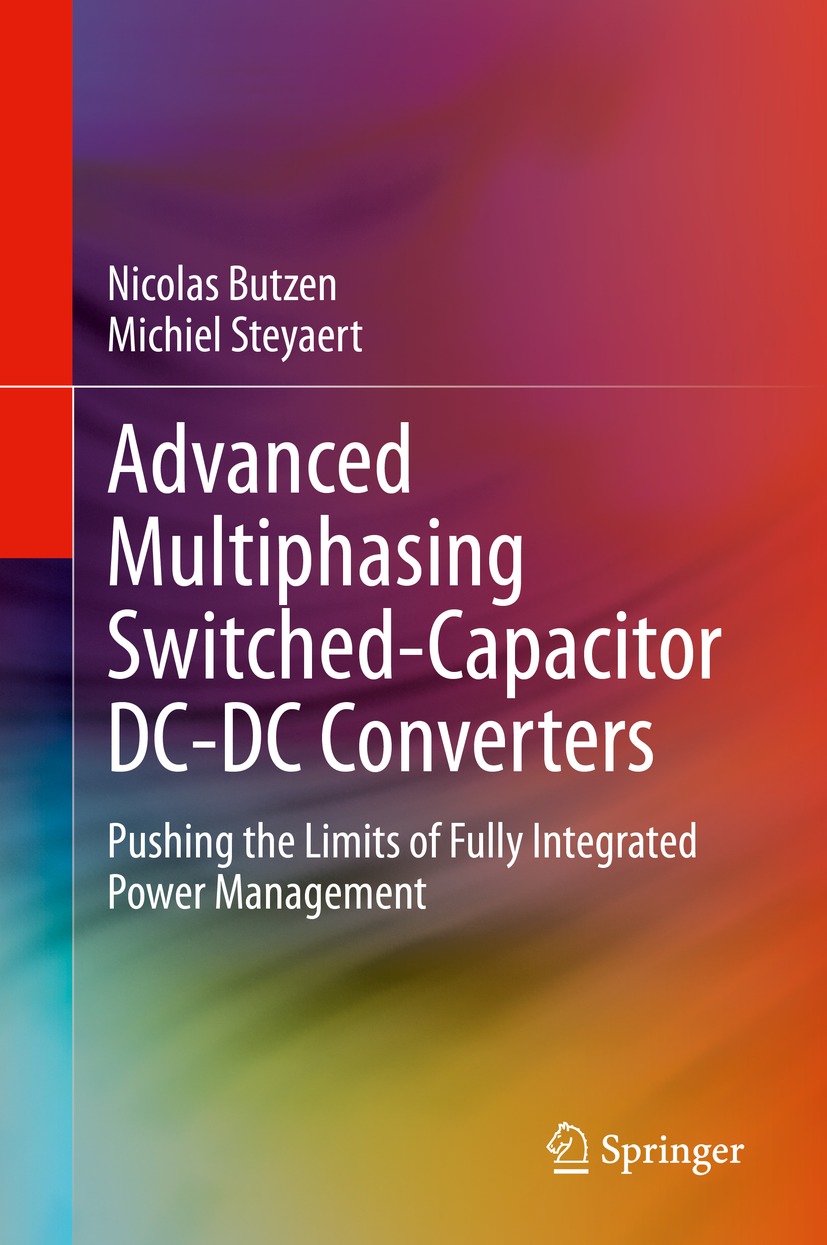
Advanced Multiphasing Switched-Capacitor DC-DC Converters This book gives a detailed analysis of switched-capacitor DC-DC converters that are entirely integrated on a single chip and establishes that these converters are mainly limited by the large parasitic coupling, the low capacitor energy density, and the fact that switched-capacitor converter topologies only have a fixed voltage conversion ratio. The authors introduce the concept of Advanced Multiphasing as a way to circumvent these limitations by having multiple out-of-phase parallel converter cores interact with each other to minimize capacitor charging losses, leading to several techniques that demonstrate record efficiency and power-density, and even a fundamentally new type of switched-capacitor topology that has a continuously-scalable conversion ratio. Provides single-source reference to the recently-developed Advanced Multiphasing concept; Enables greatly improved performance and capabilities in fully integrated switched-capacitor converters; Enables readers to design DC-DC converters, where multiple converter cores are put in parallel and actively interact with each other over several phases to improve their capabilities. TECHNOLOGY & ENGINEERING,Electronics,Circuits,General
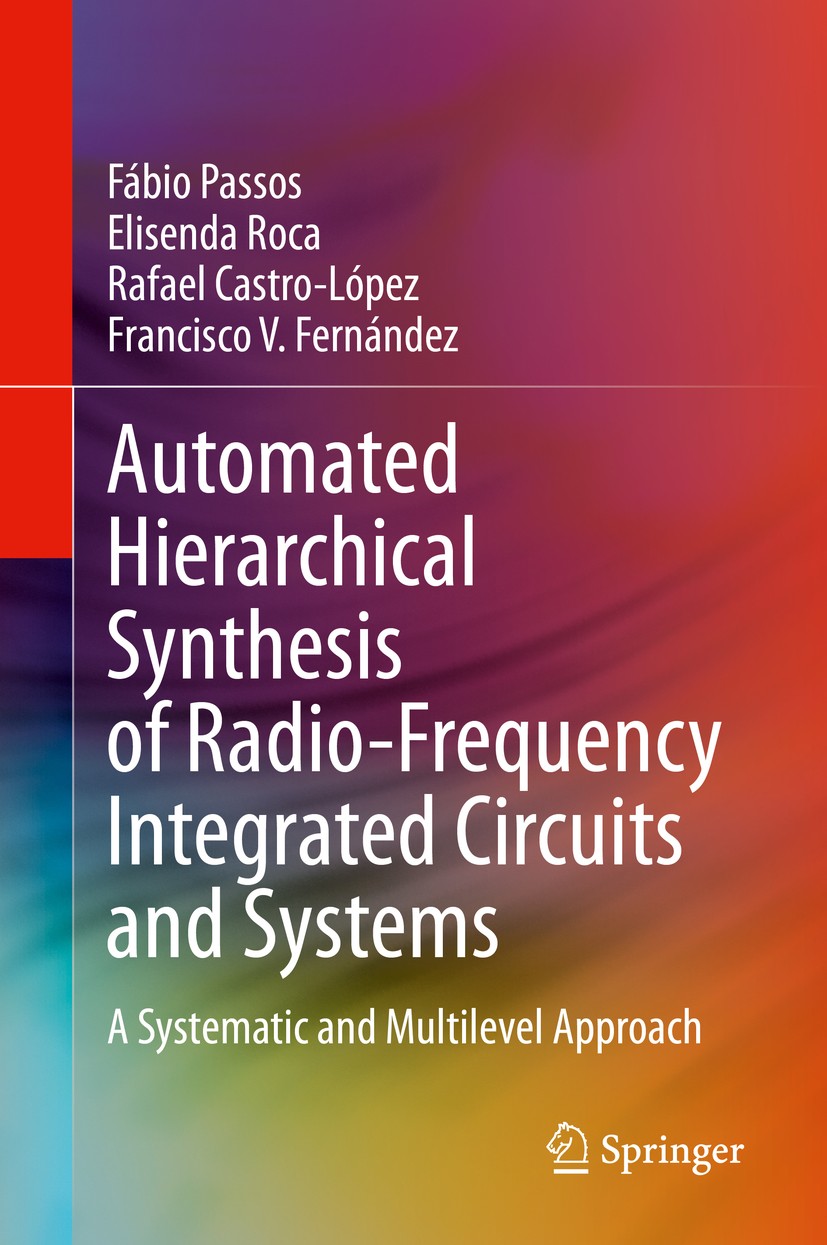
Automated Hierarchical Synthesis of Radio-Frequency Integrated Circuits and Systems This book describes a new design methodology that allows optimization-based synthesis of RF systems in a hierarchical multilevel approach, in which the system is designed in a bottom-up fashion, from the device level up to the (sub)system level. At each level of the design hierarchy, the authors discuss methods that increase the design robustness and increase the accuracy and efficiency of the simulations. The methodology described enables circuit sizing and layout in a complete and automated integrated manner, achieving optimized designs in significantly less time than with traditional approaches. TECHNOLOGY & ENGINEERING,Electronics,Circuits,General
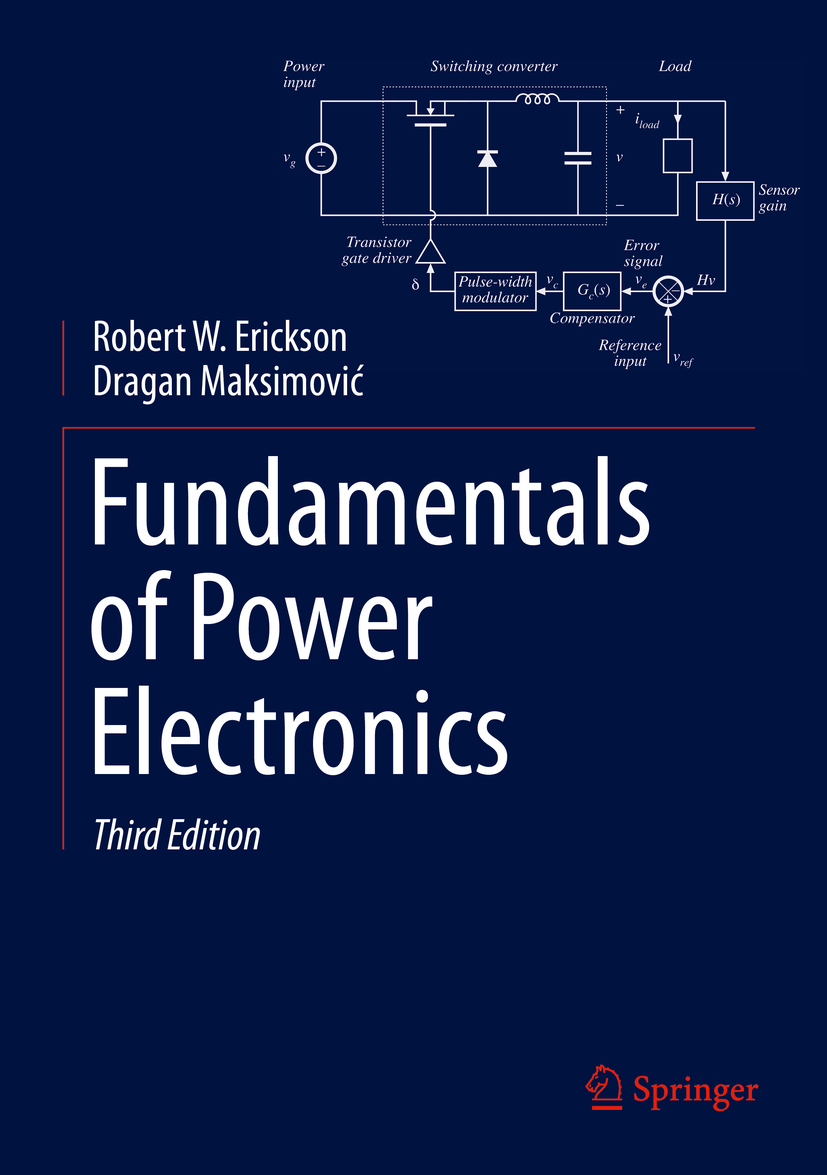
Fundamentals of Power Electronics Fundamentals of Power Electronics, Third Edition, is an up-to-date and authoritative text and reference book on power electronics. This new edition retains the original objective and philosophy of focusing on the fundamental principles, models, and technical requirements needed for designing practical power electronic systems while adding a wealth of new material. Improved features of this new edition include: new material on switching loss mechanisms and their modeling; wide bandgap semiconductor devices; a more rigorous treatment of averaging; explanation of the Nyquist stability criterion; incorporation of the Tan and Middlebrook model for current programmed control; a new chapter on digital control of switching converters; major new chapters on advanced techniques of design-oriented analysis including feedback and extra-element theorems; average current control; new material on input filter design; new treatment of averaged switch modeling, simulation, and indirect power; and sampling effects in DCM, CPM, and digital control. Fundamentals of Power Electronics, Third Edition, is intended for use in introductory power electronics courses and related fields for both senior undergraduates and first-year graduate students interested in converter circuits and electronics, control systems, and magnetic and power systems. It will also be an invaluable reference for professionals working in power electronics, power conversion, and analog and digital electronics. TECHNOLOGY & ENGINEERING,Electronics,Circuits,General
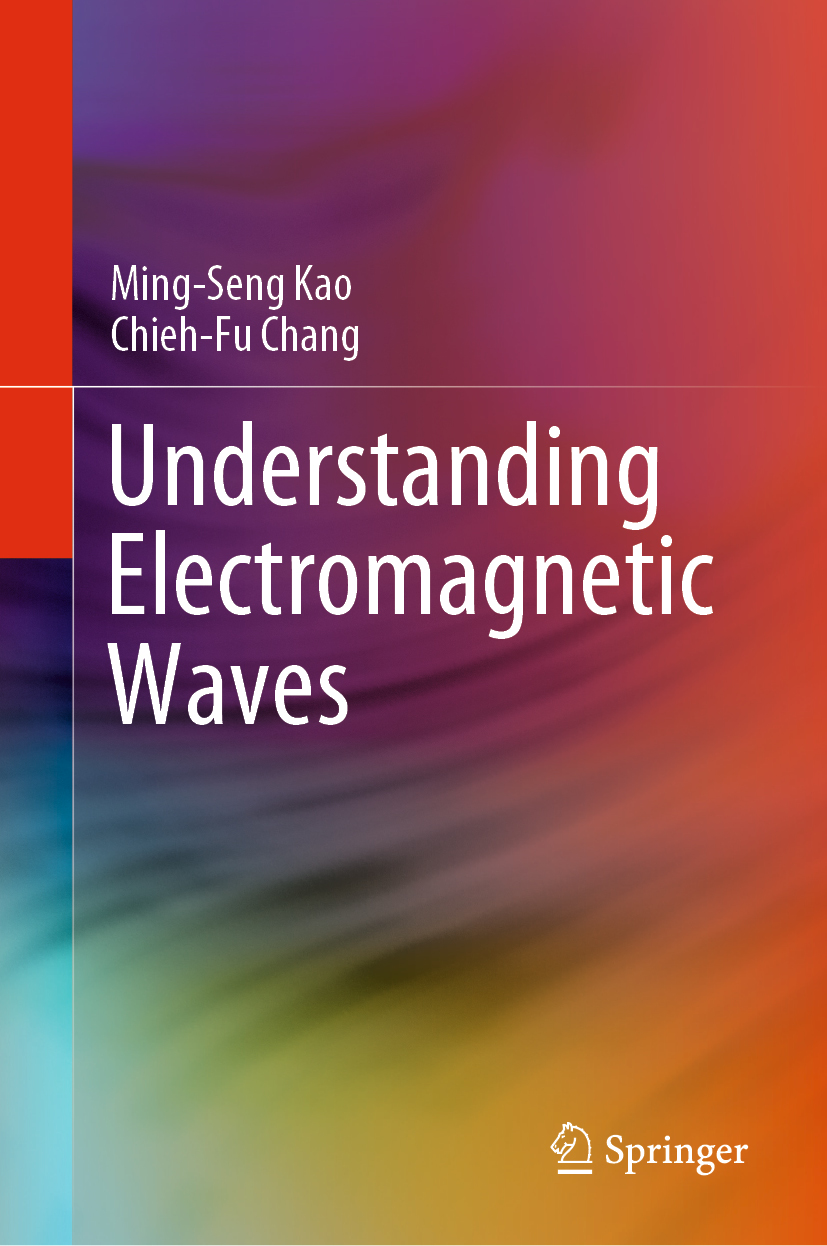
Understanding Electromagnetic Waves This one-semester textbook teaches students Electromagnetic Waves, via an early introduction to Maxwell’s Equations in the first chapter. Mathematics fundamentals are used as needed, but rigor is de-emphasized in preference to understanding the basic ideas and principles of EM waves. Each chapter includes extensive, step-by-step, solved examples, as well as abundant exercises. Designed for a one-semester course in electromagnetic waves; Introduces Maxwell’s equations in the first chapter; De-emphasizes mathematical rigor in order to make key ideas and principles easy to understand; Makes material accessible to readers of varying backgrounds, with extensive use of solved examples; Includes abundant exercises for each chapter. TECHNOLOGY & ENGINEERING,Electronics,Circuits,General
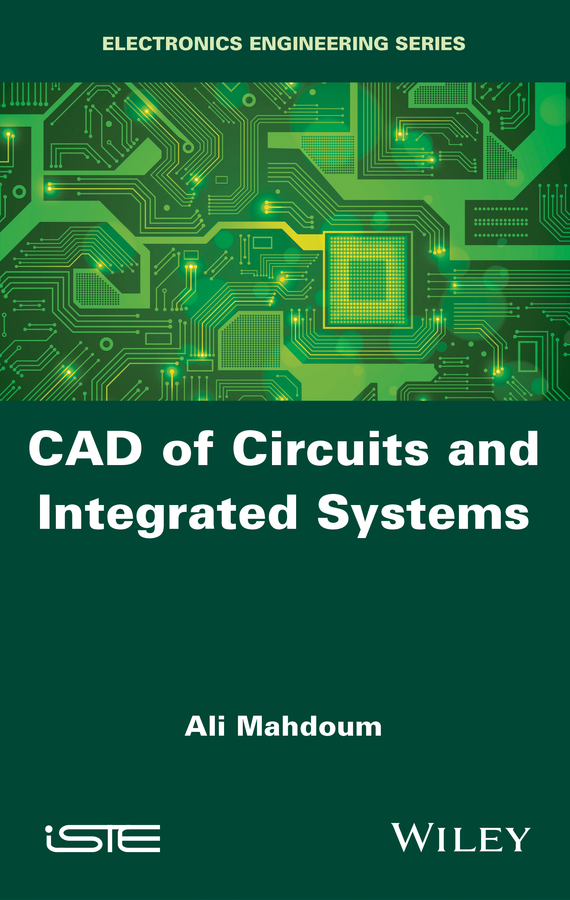
CAD of Circuits and Integrated Systems This book addresses the difficulty of obtaining a quality solution, that is, pre optimal or even optimal, in a reasonable time from a central processing unit (CPU). As polynomial problems can be treated by exact methods, the problem posed concerns non-polynomial problems, for which it is necessary to develop efficient algorithms based on heuristics or meta-heuristics. Chapter 3 of this book demonstrates how to develop such algorithms, which are characterized by: an initialization of argued solutions (sometimes, the global optimum can be obtained from such an initialization); a non-random generation of solutions (to avoid generating the same solution several times, or even generating solutions that cannot be achieved); avoidance of being trapped by a local optimum; good use of CPU time by reducing the size of the space of solutions to be explored (which is often very large for such problems) without compromising the quality of the solution; plus a reasoned displacement from one solution to another, to improve the quality of the solution as the processing is carried out. These aspects are applied to concrete applications in the design of integrated circuits and systems at various levels. To do this and to help the reader better understand this problem, Chapters 1 and 2 present basic notions on computational complexity, and the design of integrated circuits and systems. TECHNOLOGY & ENGINEERING,Electronics,Circuits,General
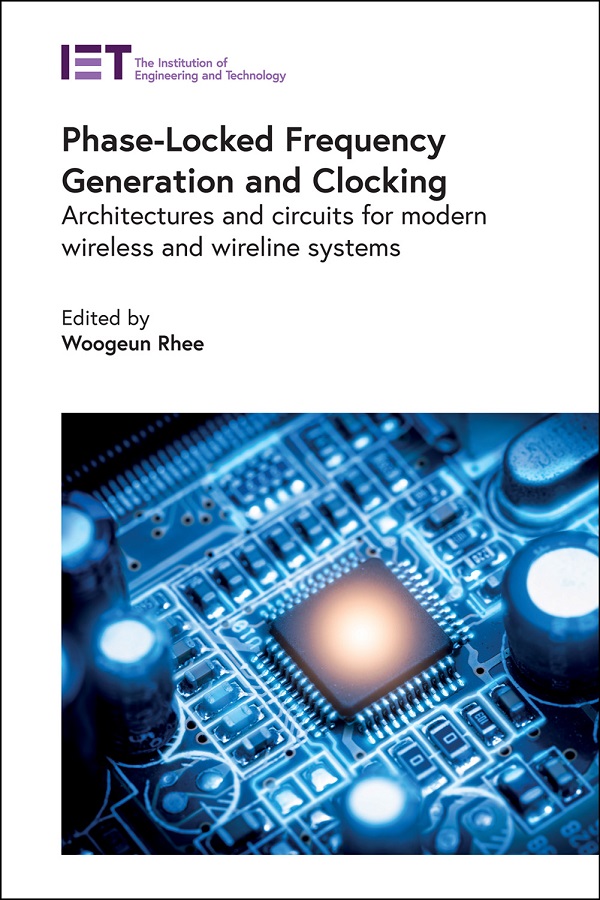
Phase-Locked Frequency Generation and Clocking This book covers essential topics and issues in current Phase-Locked Loop design, from fundamentals to practical design aspects. Both wireless and wireline systems are considered in the design of low noise frequency generation and clocking systems. TECHNOLOGY & ENGINEERING,Electronics,Circuits,Integrated

Advanced Technologies for Next Generation Integrated Circuits Novel devices with the potential to provide alternatives to existing nanometer CMOS technology are the subject of research in the fields of electronic materials and electronic design automation. This book explores the materials and design requirements of emerging integrated circuit technologies, and outlines their prospective applications. TECHNOLOGY & ENGINEERING,Electronics,Circuits,Integrated

Mixed Analog-digital Vlsi Devices And Technology Improve your circuit-design potential with this expert guide to the devices and technology used in mixed analog-digital VLSI chips for such high-volume applications as hard-disk drives, wireless telephones, and consumer electronics. The book provides you with a critical understanding of device models, fabrication technology, and layout as they apply to mixed analog-digital circuits.You will learn about the many device-modeling requirements for analog work, as well as the pitfalls in models used today for computer simulators such as Spice. Also included is information on fabrication technologies developed specifically for mixed-signal VLSI chips, plus guidance on the layout of mixed analog-digital chips for a high degree of analog-device matching and minimum digital-to-analog interference.This reference book features an intuitive introduction to MOSFET operation that will enable you to view with insight any MOSFET model — besides thorough discussions on valuable large-signal and small-signal models.Filled with practical information, this first-of-its-kind book will help you grasp the nuances of mixed-signal VLSI-device models and layout that are crucial to the design of high-performance chips. TECHNOLOGY & ENGINEERING,Electronics,Circuits,VLSI & ULSI
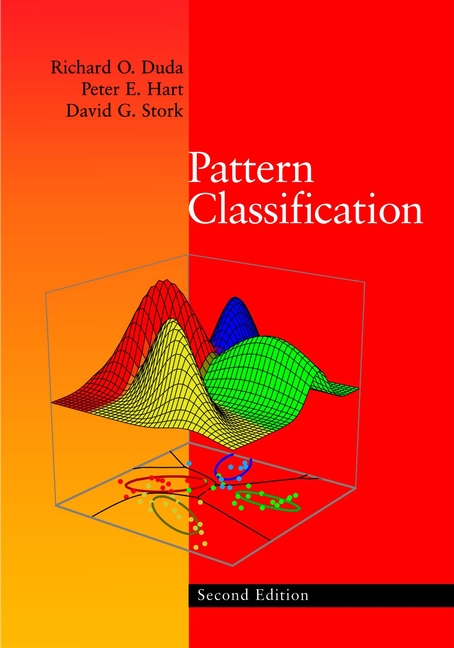
Pattern Classification The first edition, published in 1973, has become a classic reference in the field. Now with the second edition, readers will find information on key new topics such as neural networks and statistical pattern recognition, the theory of machine learning, and the theory of invariances. Also included are worked examples, comparisons between different methods, extensive graphics, expanded exercises and computer project topics. TECHNOLOGY & ENGINEERING,Electronics,Digital
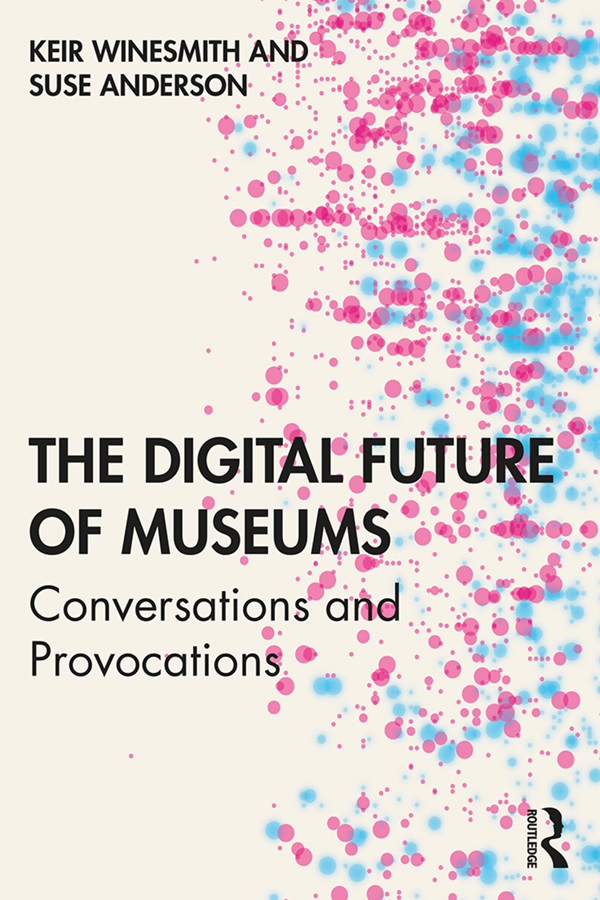
The Digital Future of Museums The Digital Future of Museums: Conversations and Provocations argues that museums today can neither ignore the importance of digital technologies when engaging their communities, nor fail to address the broader social, economic and cultural changes that shape their digital offerings. Through moderated conversations with respected and inf luential museum practitioners, thinkers and experts in related fields, this book explores the role of digital technology in contemporary museum practice within Europe, the U.S., Australasia and Asia. It offers provocations and reflections about effective practice that will help prepare today’s museums for tomorrow, culminating in a set of competing possible visions for the future of the museum sector. The Digital Future of Museums is essential reading for museum studies students and those who teach or write about the museum sector. It will also be of interest to those who work in, for, and with museums, as well as practitioners working in galleries, archives and libraries. TECHNOLOGY & ENGINEERING,Electronics,Digital
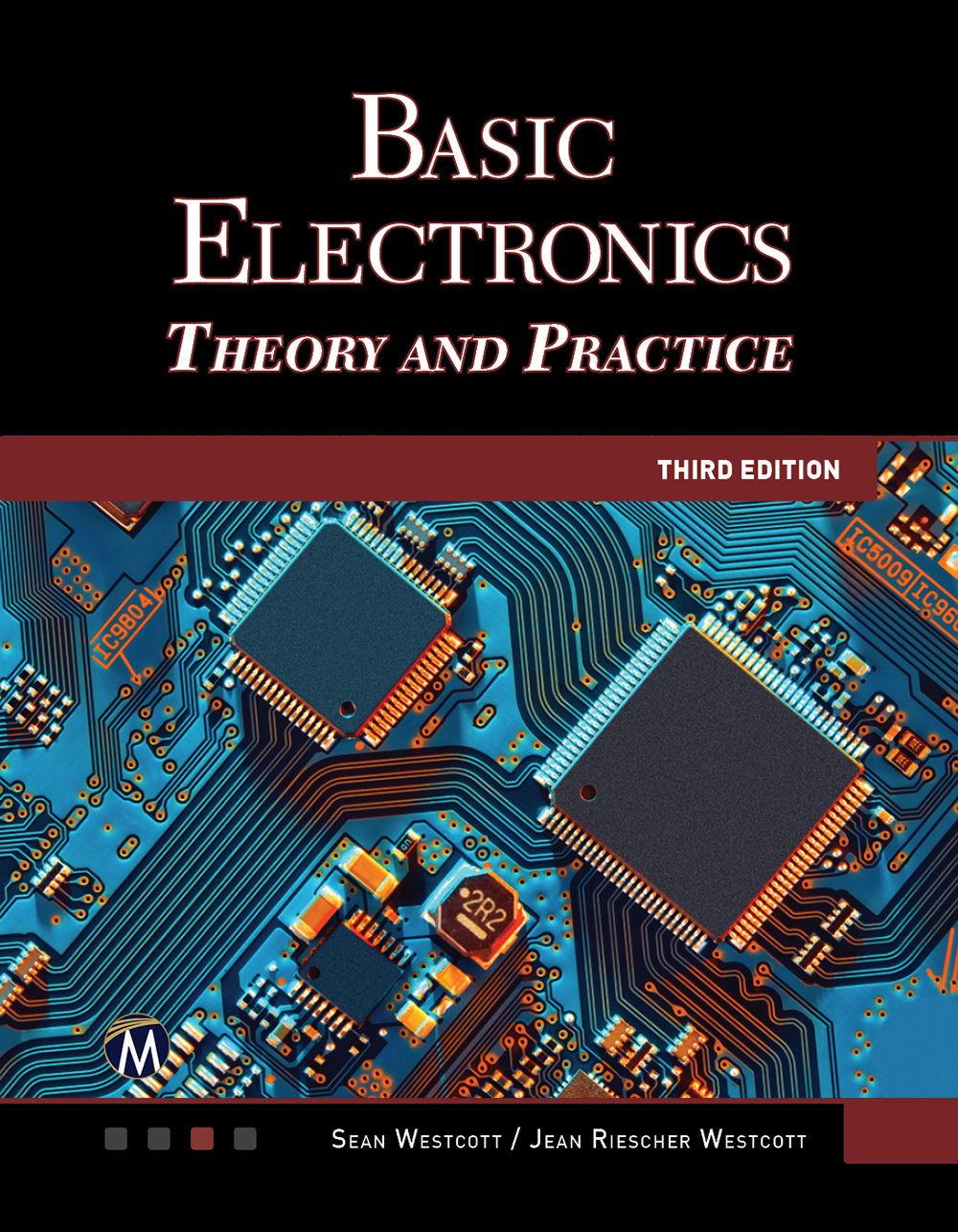
Basic Electronics Designed for both the student andhobbyist, this updated revision is an introduction to the theory and practiceof electronics including advances in microcontrollers, sensors, and wirelesscommunication. Each chapter contains a brief lab to demonstrate the topic underdiscussion, then moves on to use all of the knowledge mastered to build aprogrammable robot (Arduino and Netduino). New material on using Raspberry Piand Python has been included. The companion files include short videos of thelabs, soldering skills, and code samples for programming of the robot. Coveringboth the theory and also its practical applications, this text leads the readerthrough the basic scientific concepts underlying electronics, building basiccircuits, learning the roles of the components, the application of digitaltheory, and the possibilities for innovation by combining sensors, motors, andmicrocontrollers. It includes appendices on mathematics for electronics, atimeline of electronics innovation, careers in electronics, and a glossary. FEATURES: Includes companion files with over twenty video tutorials on currents, soldering, power supply, resistors, decoder circuits, Raspberry Pi, animations of featured circuits and more (files also available from the publisher for downloading) Features a chapter on using Raspberry Pi and Python in electronic projects and a new chapter on Cybersecurity and the Internet of Things (IoT) Leads the reader through an introductory understanding of electronics with simple labs and then progressing to the construction of a microcontroller-driven robot using open source software and hardware (Netduino and Arduino versions) Presents theoretical concepts in a conversational tone, followed by hands-on labs to engage readers by presenting practical applications. TECHNOLOGY & ENGINEERING,Electronics,Digital

Basic Electronics Designed for both the student andhobbyist, this updated revision is an introduction to the theory and practiceof electronics including advances in microcontrollers, sensors, and wirelesscommunication. Each chapter contains a brief lab to demonstrate the topic underdiscussion, then moves on to use all of the knowledge mastered to build aprogrammable robot (Arduino and Netduino). New material on using Raspberry Piand Python has been included. The companion files include short videos of thelabs, soldering skills, and code samples for programming of the robot. Coveringboth the theory and also its practical applications, this text leads the readerthrough the basic scientific concepts underlying electronics, building basiccircuits, learning the roles of the components, the application of digitaltheory, and the possibilities for innovation by combining sensors, motors, andmicrocontrollers. It includes appendices on mathematics for electronics, atimeline of electronics innovation, careers in electronics, and a glossary. FEATURES: Includes companion files with over twenty video tutorials on currents, soldering, power supply, resistors, decoder circuits, Raspberry Pi, animations of featured circuits and more (files also available from the publisher for downloading) Features a chapter on using Raspberry Pi and Python in electronic projects and a new chapter on Cybersecurity and the Internet of Things (IoT) Leads the reader through an introductory understanding of electronics with simple labs and then progressing to the construction of a microcontroller-driven robot using open source software and hardware (Netduino and Arduino versions) Presents theoretical concepts in a conversational tone, followed by hands-on labs to engage readers by presenting practical applications. TECHNOLOGY & ENGINEERING,Electronics,Digital

Array and Phased Array Antenna Basics Reflecting a growing interest in phased array antenna systems, stemming from radar, radio astronomy, mobile communications and satellite broadcasting, Array and Phased Array Antenna Basics introduces the principles of array and phased array antennas. Packed with first-hand practical experience and worked-out examples, this is a valuable learning tool and reference source for those wishing to improve their understanding of basic array antenna systems without relying heavily on a thorough knowledge of electromagnetics or antenna theory. Features a general introduction to antennas and explains the array antenna principle through discussion of the physical characteristics rather than the theory Explores topics often not covered in antenna textbooks, such as active element pattern, array feeding, means of phase changing, array antenna characterisation, sequential rotation techniques and reactively loaded arrays Guides the reader through the necessary mathematics, allowing them to move onto specialist books on array and phased array antennas with a greater understanding of the topic Supported by a companion website on which instructors and lecturers can find electronic versions of the figures An ideal introduction for those without a background in antennas, this clear, concise volume will appeal to technicians, researchers and managers working in academia, government, telecommunications and radio astronomy. It will also be a valuable resource for professionals and postgraduates with some antenna knowledge. TECHNOLOGY & ENGINEERING,Electronics,General
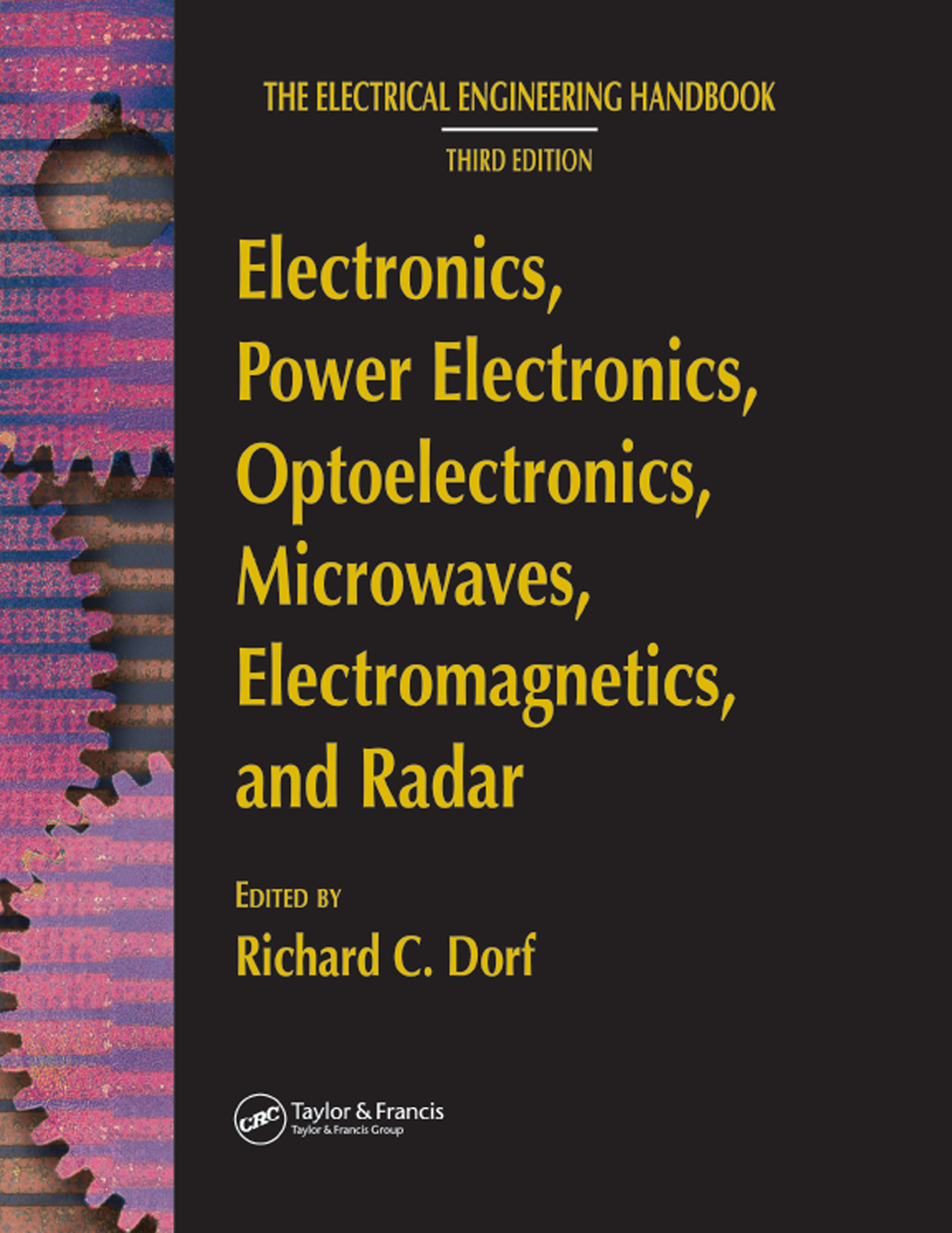
Electronics, Power Electronics, Optoelectronics, Microwaves, Electromagnetics, and Radar In two editions spanning more than a decade, The Electrical Engineering Handbook stands as the definitive reference to the multidisciplinary field of electrical engineering. Our knowledge continues to grow, and so does the Handbook. For the third edition, it has expanded into a set of six books carefully focused on a specialized area or field of study. Electronics, Power Electronics, Optoelectronics, Microwaves, Electromagnetics, and Radar represents a concise yet definitive collection of key concepts, models, and equations in these areas, thoughtfully gathered for convenient access. Electronics, Power Electronics, Optoelectronics, Microwaves, Electromagnetics, and Radar delves into the fields of electronics, integrated circuits, power electronics, optoelectronics, electromagnetics, light waves, and radar, supplying all of the basic information required for a deep understanding of each area. It also devotes a section to electrical effects and devices and explores the emerging fields of microlithography and power electronics. Articles include defining terms, references, and sources of further information. Encompassing the work of the world’s foremost experts in their respective specialties, Electronics, Power Electronics, Optoelectronics, Microwaves, Electromagnetics, and Radar features the latest developments, the broadest scope of coverage, and new material in emerging areas. TECHNOLOGY & ENGINEERING,Electronics,General

Thermoelectrics Handbook Ten years ago, D.M. Rowe introduced the bestselling CRC Handbook of Thermoelectrics to wide acclaim. Since then, increasing environmental concerns, desire for long-life electrical power sources, and continued progress in miniaturization of electronics has led to a substantial increase in research activity involving thermoelectrics. Reflecting the latest trends and developments, the Thermoelectrics Handbook: Macro to Nano is an extension of the earlier work and covers the entire range of thermoelectrics disciplines. Serving as a convenient reference as well as a thorough introduction to thermoelectrics, this book includes contributions from 99 leading authorities from around the world. Its coverage spans from general principles and theoretical concepts to material preparation and measurements; thermoelectric materials; thermoelements, modules, and devices; and thermoelectric systems and applications. Reflecting the enormous impact of nanotechnology on the field-as the thermoelectric properties of nanostructured materials far surpass the performance of conventional materials-each section progresses systematically from macro-scale to micro/nano-scale topics. In addition, the book contains an appendix listing major manufacturers and suppliers of thermoelectric modules. There is no longer any need to spend hours plodding through the journal literature for information. The Thermoelectrics Handbook: Macro to Nano offers a timely, comprehensive treatment of all areas of thermoelectrics in a single, unified reference. TECHNOLOGY & ENGINEERING,Electronics,General
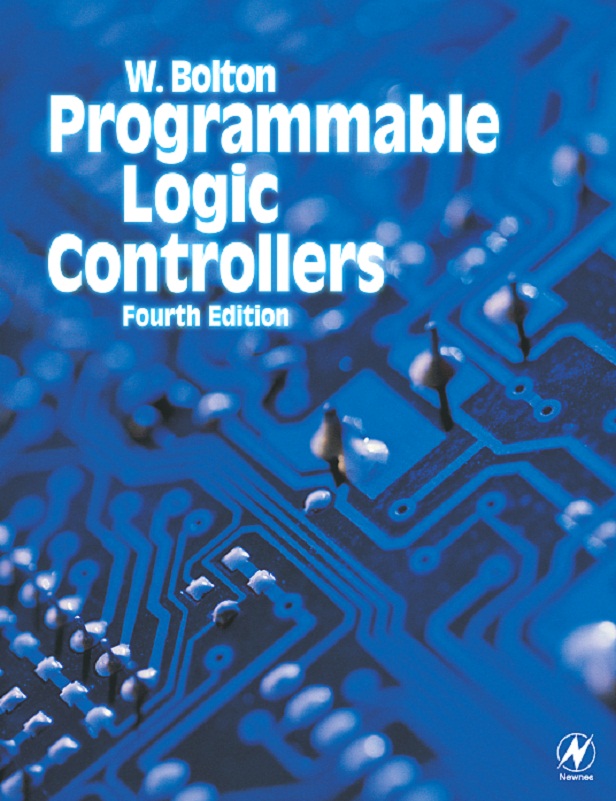
Programmable Logic Controllers This is the introduction to PLCs for which baffled students, technicians and managers have been waiting. In this straightforward, easy-to-read guide, Bill Bolton has kept the jargon to a minimum, considered all the programming methods in the standard IEC 1131-3 - in particular ladder programming, and presented the subject in a way that is not device specific to ensure maximum applicability to courses in electronics and control systems. Now in its fourth edition, this best-selling text has been expanded with increased coverage of industrial systems and PLCs and more consideration has been given to IEC 1131-3 and all the programming methods in the standard. The new edition brings the book fully up to date with the current developments in PLCs, describing new and important applications such as PLC use in communications (e.g. Ethernet – an extremely popular system), and safety – in particular proprietary emergency stop relays (now appearing in practically every PLC based system). The coverage of commonly used PLCs has been increased, including the ever popular Allen Bradley PLCs, making this book an essential source of information both for professionals wishing to update their knowledge, as well as students who require a straight forward introduction to this area of control engineering. Having read this book, readers will be able to:* Identify the main design characteristics and internal architecture of PLCs* Describe and identify the characteristics of commonly used input and output devices* Explain the processing of inputs and outputs of PLCs* Describe communication links involved with control systems* Develop ladder programs for the logic functions AND, OR, NOT, NAND, NOT and XOR* Develop functional block, instruction list, structured text and sequential function chart programs* Develop programs using internal relays, timers, counters, shift registers, sequencers and data handling* Identify safety issues with PLC systems* Identify methods used for fault diagnosis, testing and debugging programs Fully matched to the requirements of BTEC Higher Nationals, students are able to check their learning and understanding as they work through the text using the Problems section at the end of each chapter. Complete answers are provided in the back of the book. * Thoroughly practical introduction to PLC use and application - not device specific, ensuring relevance to a wide range of courses* New edition expanded with increased coverage of IEC 1131-3, industrial control scenarios and communications - an important aspect of PLC use* Problems included at the end of each chapter, with a complete set of answers given at the back of the book TECHNOLOGY & ENGINEERING,Electronics,General
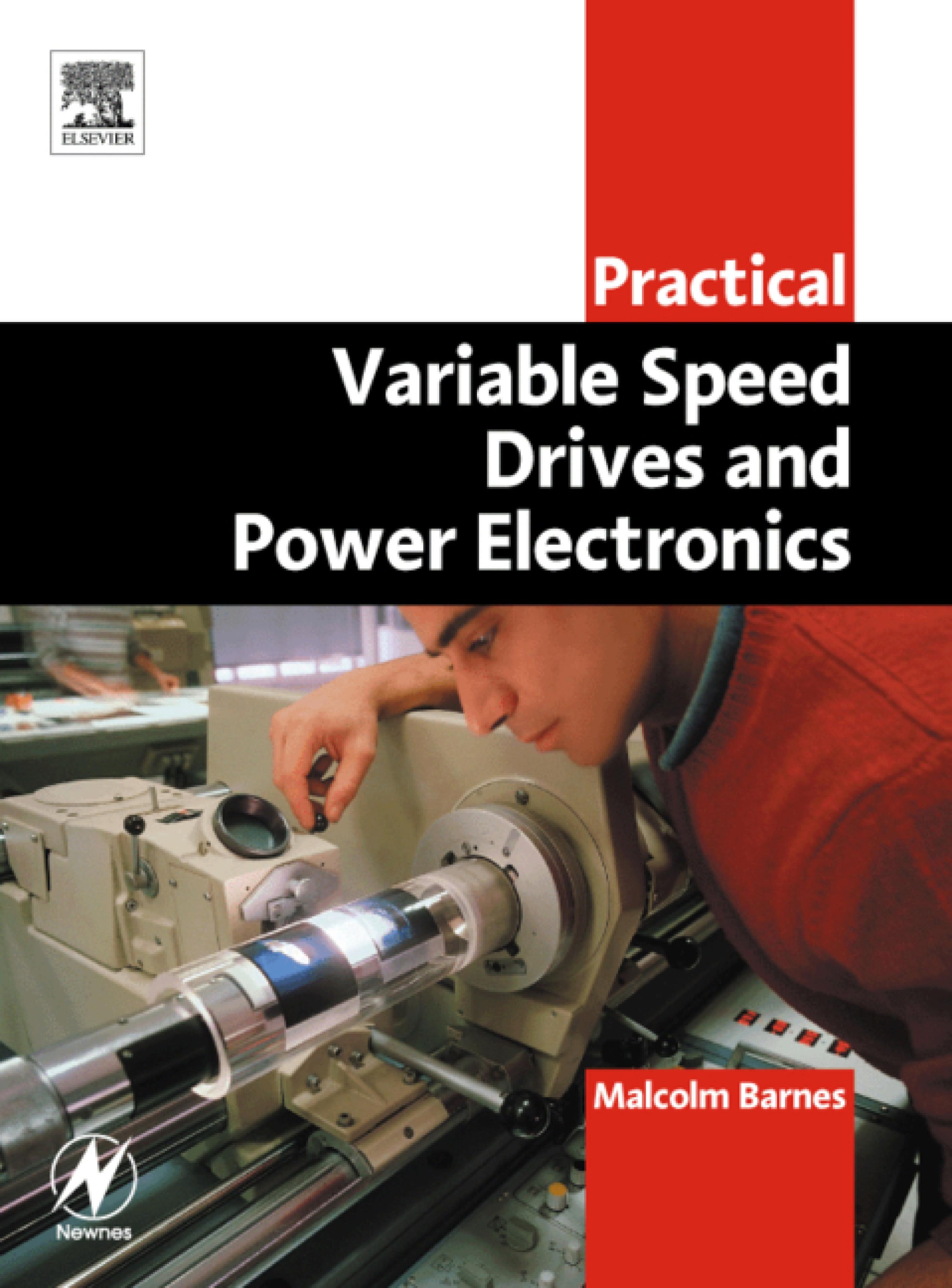
Practical Variable Speed Drives and Power Electronics Typical practical applications of VSDs in process control and materials handling, such as those for pumping, ventilation, conveyers, compressors and hoists are covered in detail. ·Provides a fundamental understanding of the installation, operation and troubleshooting of Variable Speed Drives (VSDs) ·Includes practical coverage of key topics such as troubleshooting, control wiring, operating modes, braking types, automatic restart, harmonics, electrostatic discharge and EMC/EMI issues ·Essential reading for electrical engineers and those using VSDs for applications such as pumping, ventilation, conveyors and hoists in process control, materials handling and other industrial contexts TECHNOLOGY & ENGINEERING,Electronics,General
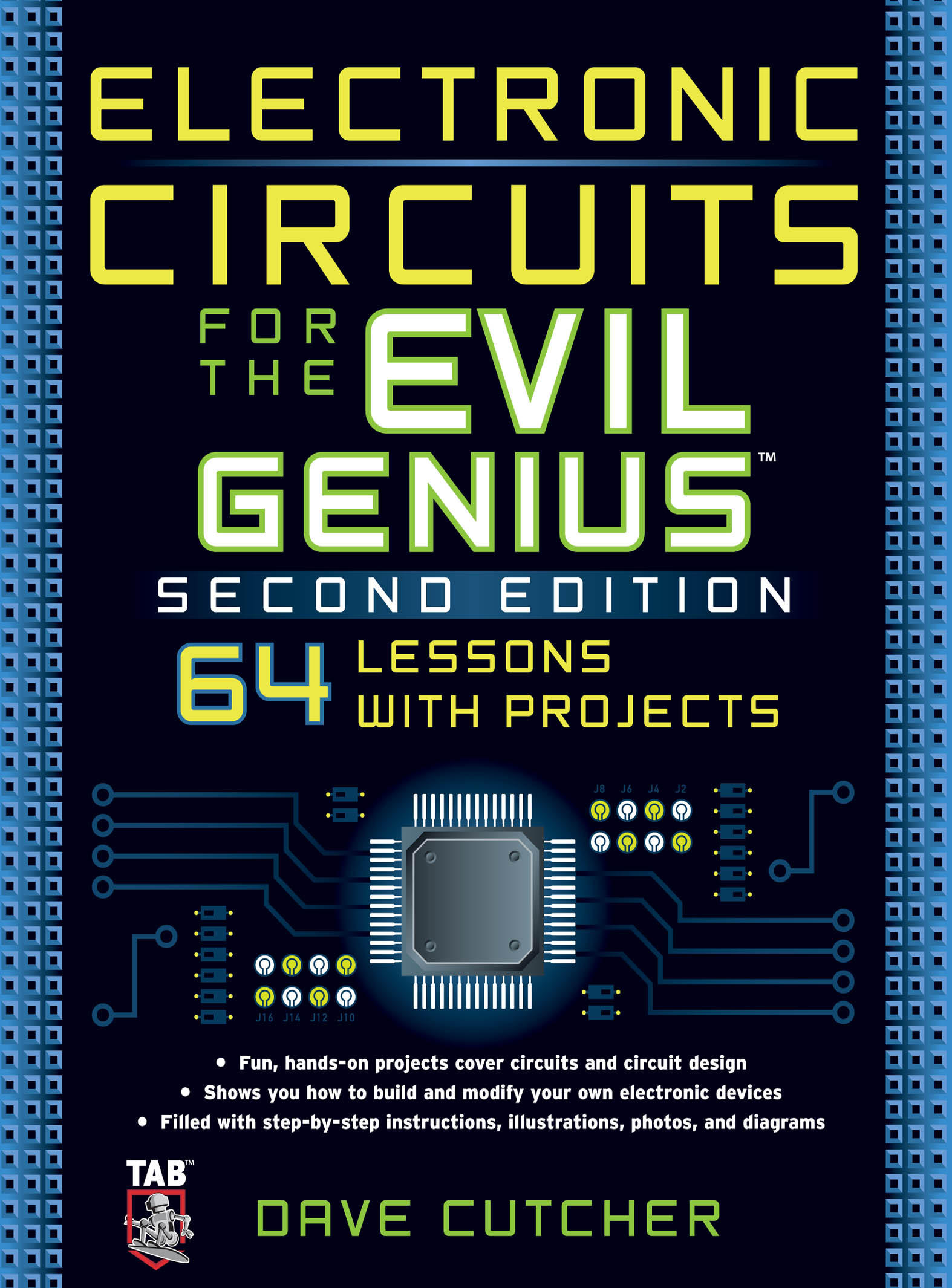
Electronic Circuits for the Evil Genius 2/E The Fiendishly Fun Way to Master Electronic Circuits! Fully updated throughout, this wickedly inventive guide introduces electronic circuits and circuit design, both analog and digital, through a series of projects you'll complete one simple lesson at a time. The separate lessons build on each other and add up to projects you can put to practical use. You don't need to know anything about electronics to get started. A pre-assembled kit, which includes all the components and PC boards to complete the book projects, is available separately from ABRA electronics on Amazon. Using easy-to-find components and equipment, Electronic Circuits for the Evil Genius, Second Edition, provides hours of rewarding--and slightly twisted--fun. You'll gain valuable experience in circuit construction and design as you test, modify, and observe your results--skills you can put to work in other exciting circuit-building projects. Electronic Circuits for the Evil Genius: Features step-by-step instructions and helpful illustrations Provides tips for customizing the projects Covers the underlying electronics principles behind the projects Removes the frustration factor--all required parts are listed, along with sources Build these and other devious devices: Automatic night light Light-sensitive switch Along-to-digital converter Voltage-controlled oscillator Op amp-controlled power amplifier Burglar alarm Logic gate-based toy Two-way intercom using transistors and op amps Each fun, inexpensive Genius project includes a detailed list of materials, sources for parts, schematics, and lots of clear, well-illustrated instructions for easy assembly. The larger workbook-style layout and convenient two-column format make following the step-by-step instructions a breeze. Make Great Stuff! TAB, an imprint of McGraw-Hill Professional, is a leading publisher of DIY technology books for makers, hackers, and electronics hobbyists. TECHNOLOGY & ENGINEERING,Electronics,General
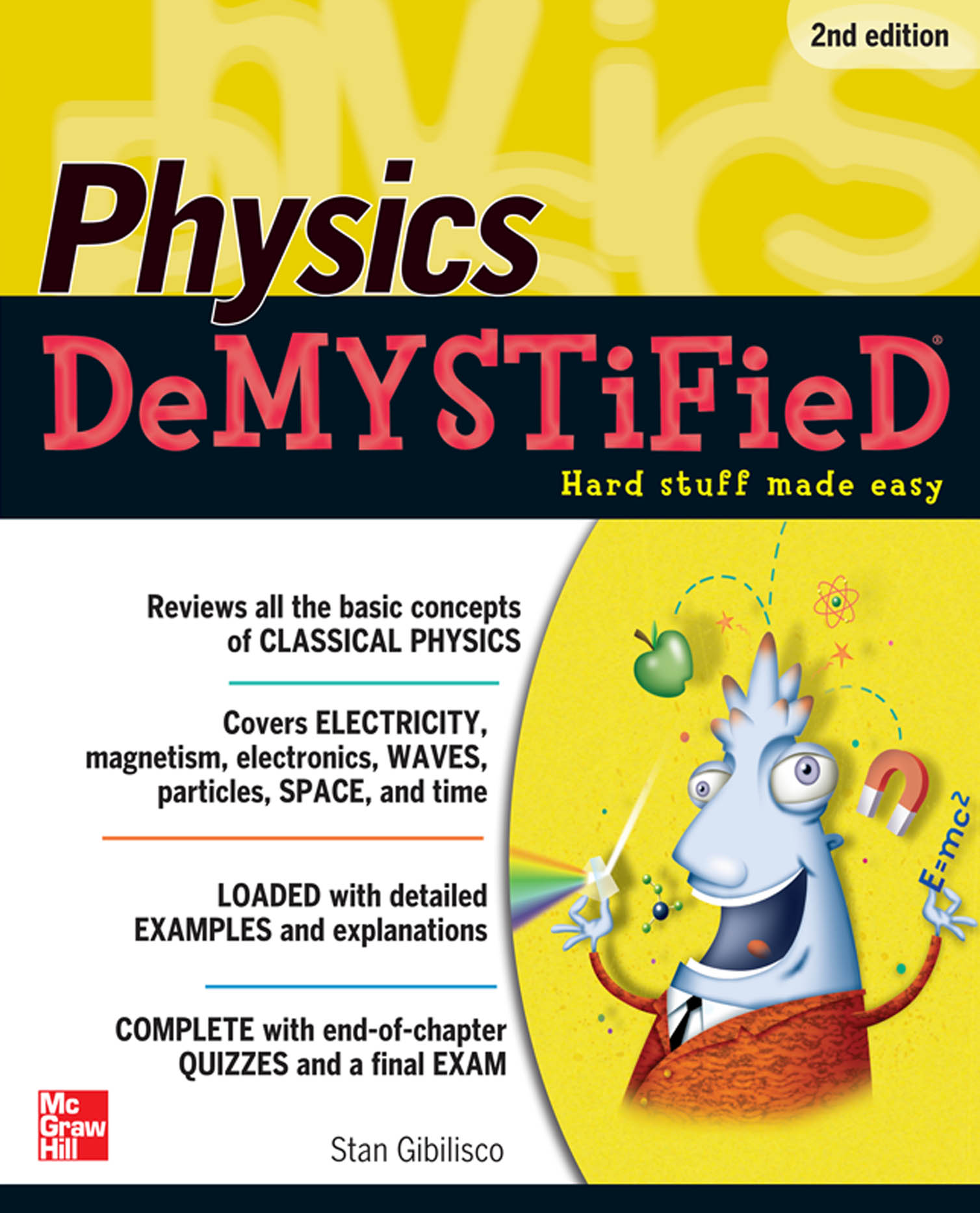
Physics DeMYSTiFieD, Second Edition Understanding PHYSICS just got a whole lot EASIER! Stumped trying to make sense of physics? Here's your solution. Physics Demystified, Second Edition helps you grasp the essential concepts with ease. Written in a step-by-step format, this practical guide begins by covering classical physics, including mass, force, motion, momentum, work, energy, and power, as well as the temperature and states of matter. Electricity, magnetism, and electronics are discussed as are waves, particles, space, and time. Detailed examples, concise explanations, and worked problems make it easy to understand the material, and end-of-chapter quizzes and a final exam help reinforce learning. It's a no-brainer! You'll learn about: Scientific notation, units, and constants Newton's laws of motion Kirchhoff's laws Alternating current and semiconductors Optics Relativity theory Simple enough for a beginner, but detailed enough for an advanced student, Physics Demystified, Second Edition helps you master this challenging and diverse subject. It's also the perfect resource to prepare you for higher-level physics classes and college placement tests. TECHNOLOGY & ENGINEERING,Electronics,General
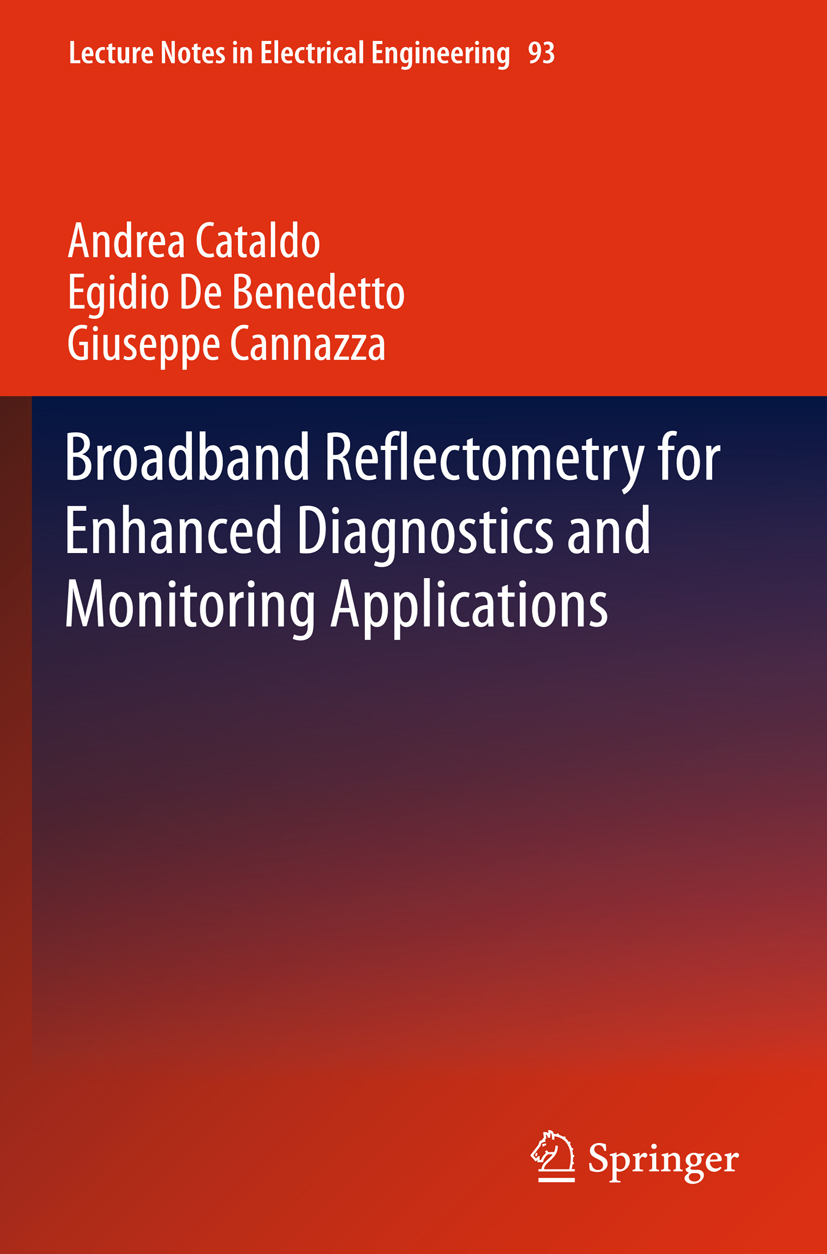
Broadband Reflectometry for Enhanced Diagnostics and Monitoring Applications This book is dedicated to the adoption of broadband microwave reflectometry (BMR)-based methods for diagnostics and monitoring applications. This electromagnetic technique has established as a powerful tool for monitoring purposes; in fact, it can balance several contrasting requirements, such as the versatility of the system, low implementation cost, real-time response, possibility of remote control, reliability, and adequate measurement accuracy. Starting from an extensive survey of the state of the art and from a clear and concise overview of the theoretical background, throughout the book, the different approaches of BMR are considered (i.e., time domain reflectometry - TDR, frequency domain reflectometry - FDR, and the TDR/FDR combined approach) and several applications are thoroughly investigated. The applications considered herein are very diverse from each other and cover different fields. In all the described procedures and methods, the ultimate goal is to endow them with a significant performance enhancement in terms of measurement accuracy, low cost, versatility, and practical implementation possibility, so as to unlock the strong potential of BMR. TECHNOLOGY & ENGINEERING,Electronics,General

Valve Amplifiers Valve Amplifiers has been recognized as the most comprehensive guide to valve amplifier design, analysis, modification and maintenance. It provides a detailed presentation of the rudiments of electronics and valve design for engineers and non-experts. The source also covers design principles and construction techniques to help end users build their own tool from scratch designs that work. The author's approach walks the reader through each step of designing and constructing, starting with an overview of the essential working principles of valve amplifiers, the simple and complex stages, the process of linking the stages, and completing the design. The book is comprised of seven chapters all of which include a DIY guide discussion of practical aspects. The text starts with familiarization of the fundamentals of electronics, which are essential for designing and building valve amplifiers. Particular attention has been paid to providing solutions for questions that are commonly asked and faced by beginners in valve designing and construction. Valve Amplifiers is a masterful hands-on guide for both experts and novices who work with tube audio equipment, and for electronic hobbyists, audio engineers, and audiophiles. The practical guide to analysis, modification, design, construction and maintenance of valve amplifiers The fully up-to-date approach to valve electronics Essential reading for audio designers and music and electronics enthusiasts alike TECHNOLOGY & ENGINEERING,Electronics,General
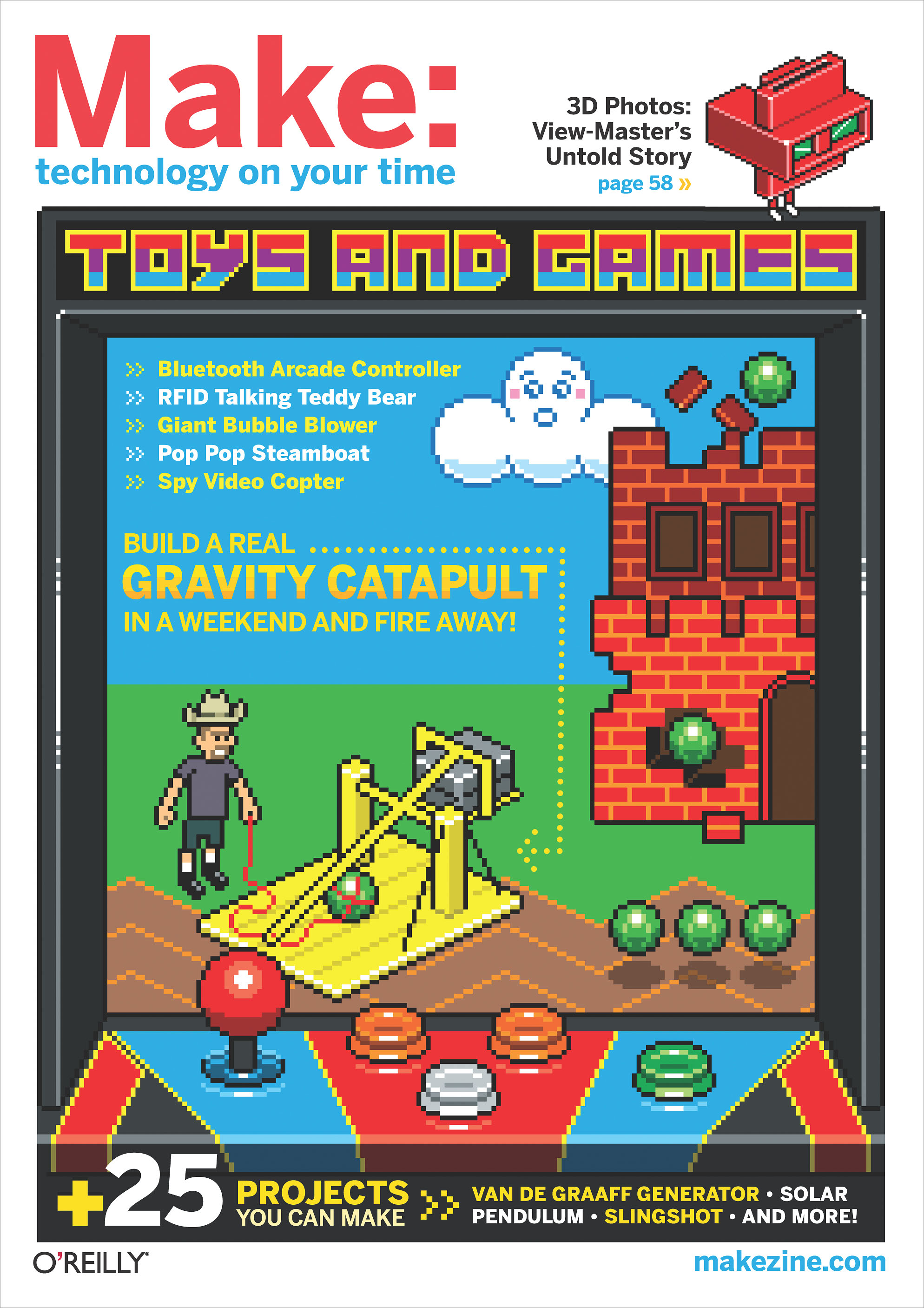
Make The first magazine devoted entirely to do-it-yourself technology projectspresents its 28th quarterly edition for people who like to tweak, disassemble, recreate,and invent cool new uses for technology. Express your inner child with MAKE Volume 28, featuring toys and games. Any maker can tell you that lots of experimentation and play time are essential to developing brainpower and creativity. This issue pays tribute to the beloved toys and games you grew up with and their evolution through technology. TECHNOLOGY & ENGINEERING,Electronics,General
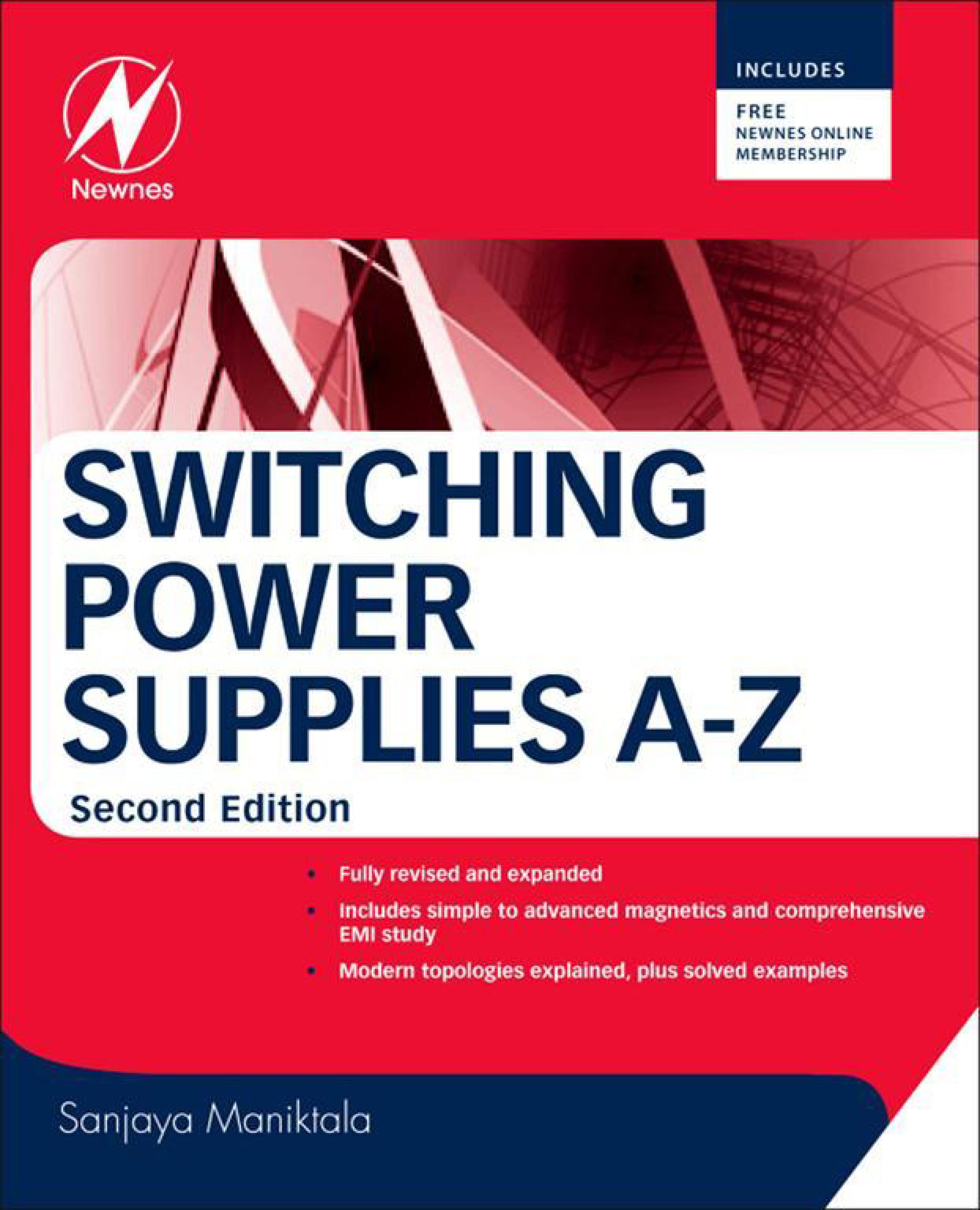
Switching Power Supplies A - Z Switching Power Supplies A - Z is the most comprehensive study available of the theoretical and practical aspects of controlling and measuring Electromagnetic Interference in switching power supplies, including input filter instability considerations. The new edition is thoroughly revised with six completely new chapters, while the existing EMI chapters are expanded to include many more step-by-step numerical examples and key derivations and EMI mitigation techniques. New topics cover the length and breadth of modern switching power conversion techniques, lucidly explained in simple but thorough terms, now with uniquely detailed "wall-reference charts" providing easy access to even complex topics. Step-by-step and iterative approach for calculating high-frequency losses in forward converter transformers, including Proximity losses based on Dowell's equations Thorough, yet uniquely simple design flow-chart for building DC-DC converters and their magnetic components under typical wide-input supply conditions Step-by-step, solved examples for stabilizing control loops of all three major topologies, using either transconductance or conventional operational amplifiers, and either current-mode or voltage-mode control TECHNOLOGY & ENGINEERING,Electronics,General
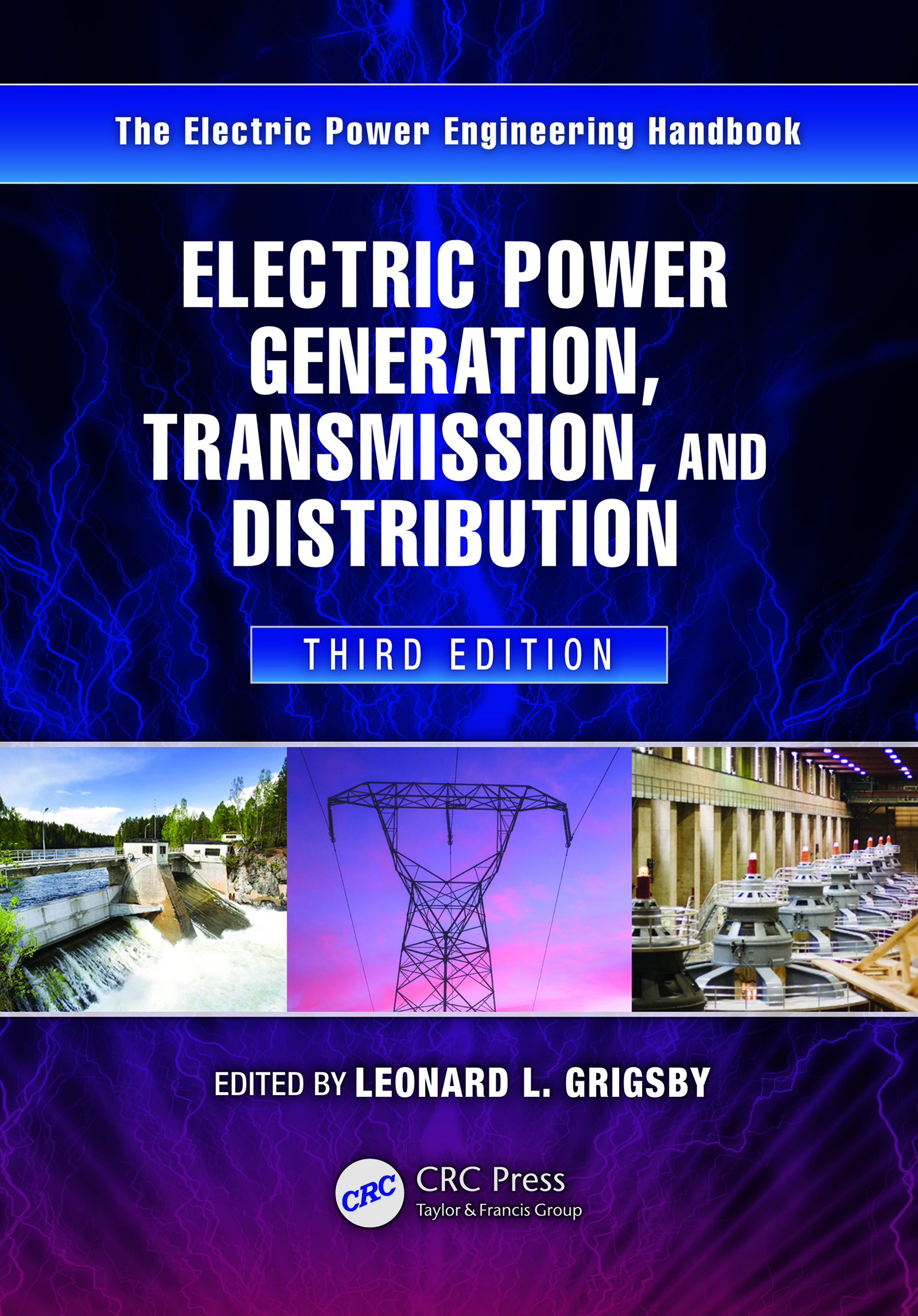
Electric Power Generation, Transmission, and Distribution Featuring contributions from worldwide leaders in the field, the carefully crafted Electric Power Generation, Transmission, and Distribution, Third Edition (part of the five-volume set, The Electric Power Engineering Handbook) provides convenient access to detailed information on a diverse array of power engineering topics. Updates to nearly every chapter keep this book at the forefront of developments in modern power systems, reflecting international standards, practices, and technologies. Topics covered include: Electric power generation: nonconventional methods Electric power generation: conventional methods Transmission system Distribution systems Electric power utilization Power quality L.L. Grigsby, a respected and accomplished authority in power engineering, and section editors Saifur Rahman, Rama Ramakumar, George Karady, Bill Kersting, Andrew Hanson, and Mark Halpin present substantially new and revised material, giving readers up-to-date information on core areas. These include advanced energy technologies, distributed utilities, load characterization and modeling, and power quality issues such as power system harmonics, voltage sags, and power quality monitoring. With six new and 16 fully revised chapters, the book supplies a high level of detail and, more importantly, a tutorial style of writing and use of photographs and graphics to help the reader understand the material. New chapters cover: Water Transmission Line Reliability Methods High Voltage Direct Current Transmission System Advanced Technology High-Temperature Conduction Distribution Short-Circuit Protection Linear Electric Motors A volume in the Electric Power Engineering Handbook, Third Edition. Other volumes in the set: K12648 Power Systems, Third Edition (ISBN: 9781439856338) K13917 Power System Stability and Control, Third Edition (ISBN: 9781439883204) K12650 Electric Power Substations Engineering, Third Edition (ISBN: 9781439856383) K12643 Electric Power Transformer Engineering, Third Edition (ISBN: 9781439856291) TECHNOLOGY & ENGINEERING,Electronics,General
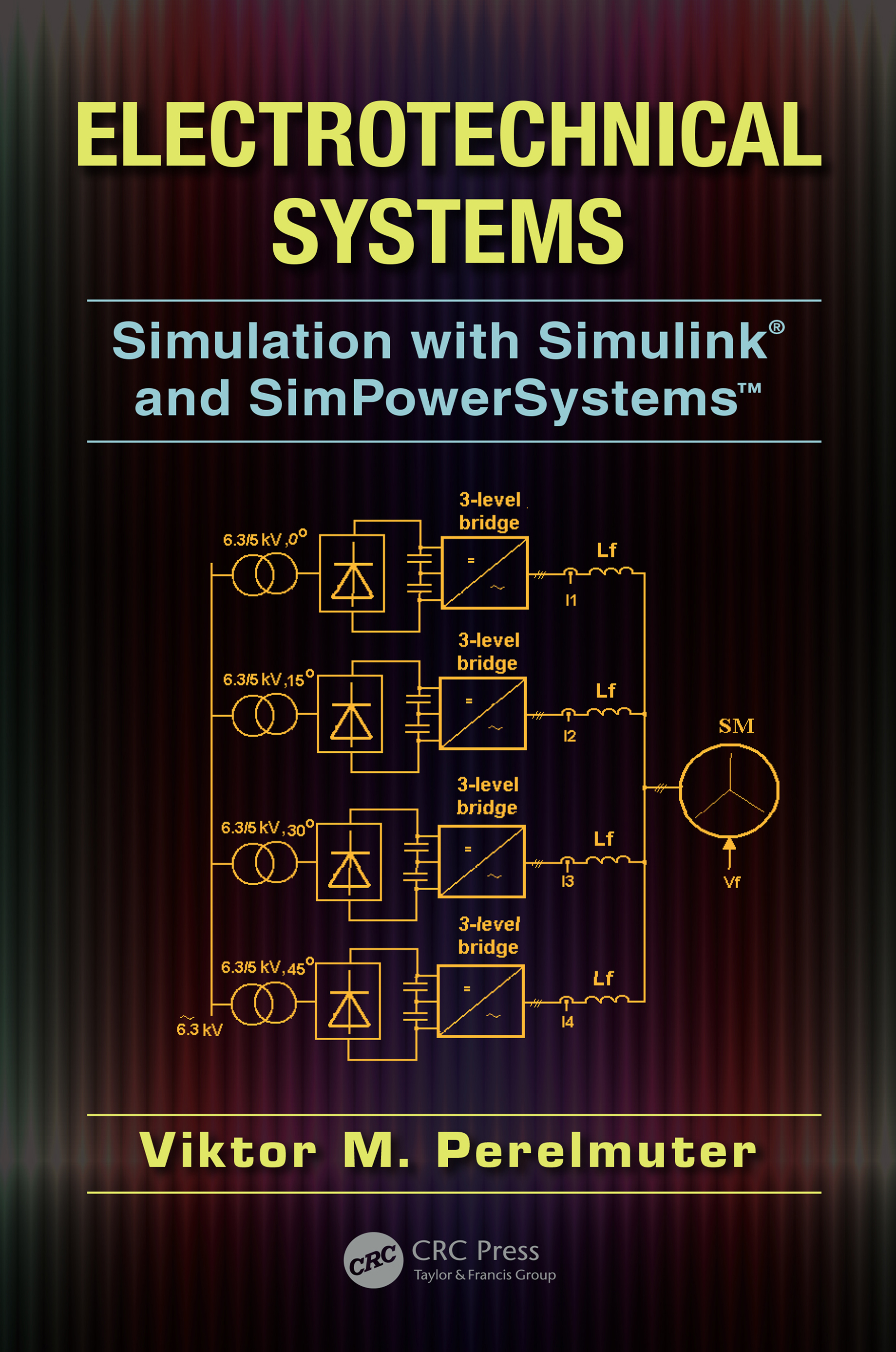
Electrotechnical Systems Filling a gap in the literature, Electrotechnical Systems: Simulation with Simulink® and SimPowerSystems™ explains how to simulate complicated electrical systems more easily using SimPowerSystems™ blocks. It gives a comprehensive overview of the powerful SimPowerSystems toolbox and demonstrates how it can be used to create and investigate models of both classic and modern electrotechnical systems. Build from Circuit Elements and Blocks to System Models Building from simple to more complex topics, the book helps readers better understand the principles, features, and detailed functions of various electrical systems, such as electrical drives, power electronics, and systems for production and distribution of electrical energy. The text begins by describing the models of the main circuit elements, which are used to create the full system model, and the measuring and control blocks. It then examines models of semiconductor devices used in power electronics as well as models of DC and AC motors. The final chapter discusses the simulation of power production and transmission systems, including hydraulic turbine, steam turbine, wind, and diesel generators. The author also develops models of systems that improve the quality of electrical energy, such as active filters and various types of static compensators. Get a Deeper Understanding of Electrical Systems and How to Simulate Them A companion CD supplies nearly 100 models of electrotechnical systems created using SimPowerSystems. These encompass adaptations of SimPowerSystems demonstrational models, as well as models developed by the author, including many important applications related to power electronics and electrical drives, which are not covered by the demonstrational models. In addition to showing how the models can be used, he supplies the theoretical background for each. Offering a solid understanding of how electrical systems function, this book guides readers to use SimPowerSystems to create and investigate electrical systems, including those under development, more effectively. TECHNOLOGY & ENGINEERING,Electronics,General

30 Arduino Projects for the Evil Genius, Second Edition So Many Fiendishly Fun Ways to Use the Latest Arduino Boards! Fully updated throughout, this do-it-yourself guide shows you how to program and build fascinating projects with the Arduino Uno and Leonardo boards and the Arduino 1.0 development environment. 30 Arduino Projects for the Evil Genius, Second Edition, gets you started right away with the simplified C programming you need to know and demonstrates how to take advantage of the latest Arduino capabilities. You'll learn how to attach an Arduino board to your computer, program it, and connect electronics to it to create your own devious devices. A bonus chapter uses the special USB keyboard/mouse-impersonation feature exclusive to the Arduino Leonardo. 30 Arduino Projects for the Evil Genius, Second Edition: Features step-by-step instructions and helpful illustrations Provides full schematic and construction details for every project Covers the scientific principles behind the projects Removes the frustration factor--all required parts are listed along with sources Build these and other clever creations: High-brightness Morse code translator Seasonal affective disorder light Keypad security code Pulse rate monitor Seven-segment LED double dice USB message board Oscilloscope Tune player VU meter LCD thermostat Computer-controlled fan Hypnotizer Servo-controlled laser Lie detector Magnetic door lock Infrared remote Lilypad clock Evil Genius countdown timer Keyboard prank Automatic password typer Accelerometer mouse TECHNOLOGY & ENGINEERING,Electronics,General
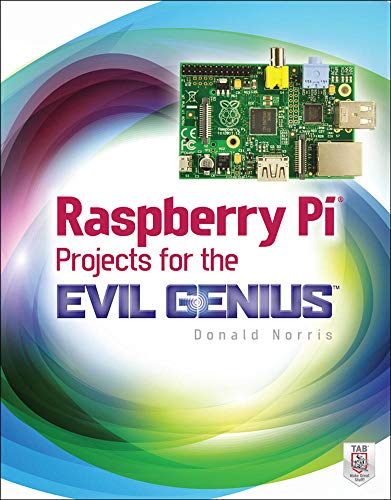
Raspberry Pi Projects for the Evil Genius A dozen fiendishly fun projects for the Raspberry Pi! This wickedly inventive guide shows you how to create all kinds of entertaining and practical projects with Raspberry Pi operating system and programming environment. In Raspberry Pi Projects for the Evil Genius, you’ll learn how to build a Bluetooth-controlled robot, a weather station, home automation and security controllers, a universal remote, and even a minimalist website. You’ll also find out how to establish communication between Android devices and the RasPi. Each fun, inexpensive Evil Genius project includes a detailed list of materials, sources for parts, schematics, and lots of clear, well-illustrated instructions for easy assembly. The larger workbook-style layout makes following the step-by-step instructions a breeze. Build these and other devious devices: LED blinker MP3 player Camera controller Bluetooth robot Earthquake detector Home automation controller Weather station Home security controller RFID door latch Remote power controller Radon detector Make Great Stuff! TAB, an imprint of McGraw-Hill Professional, is a leading publisher of DIY technology books for makers, hackers, and electronics hobbyists. TECHNOLOGY & ENGINEERING,Electronics,General

Build Your Own Electric Vehicle, Third Edition BUILD, CONVERT, OR BUY A STATE-OF-THE-ART ELECTRIC VEHICLE Thoroughly revised and expanded, Build Your Own Electric Vehicle, Third Edition, is your go-to guide for converting an internal combustion engine vehicle to electric or building an EV from the ground up. You'll also find out about the wide variety of EVs available for purchase and how they're being built. This new edition details all the latest breakthroughs, including AC propulsion and regenerative braking systems, intelligent controllers, batteries, and charging technologies. Filled with updated photos, this cutting-edge resource fully describes each component--motor, battery, controller, charger, and chassis--and provides illustrated, step-by-step instructions on how to assemble all the parts. Exclusive web content features current supplier and dealer lists. Custom-built for environmentalists, engineers, students, hobbyists, and mechanics, this hands-on guide puts you in the fast lane toward a cost-effective, reliable green machine. Build Your Own Electric Vehicle, Third Edition, covers: Environmental impact and energy savings The best EV for you--purchase trade-offs, conversion trade-offs, and conversion costs Chassis and design Different types of electric motors and controllers Lithium EV batteries Chargers and electrical systems EV builds and conversions Licensing and insuring your EV Driving and maintenance List of manufacturers and dealers regularly updated on website TECHNOLOGY & ENGINEERING,Electronics,General
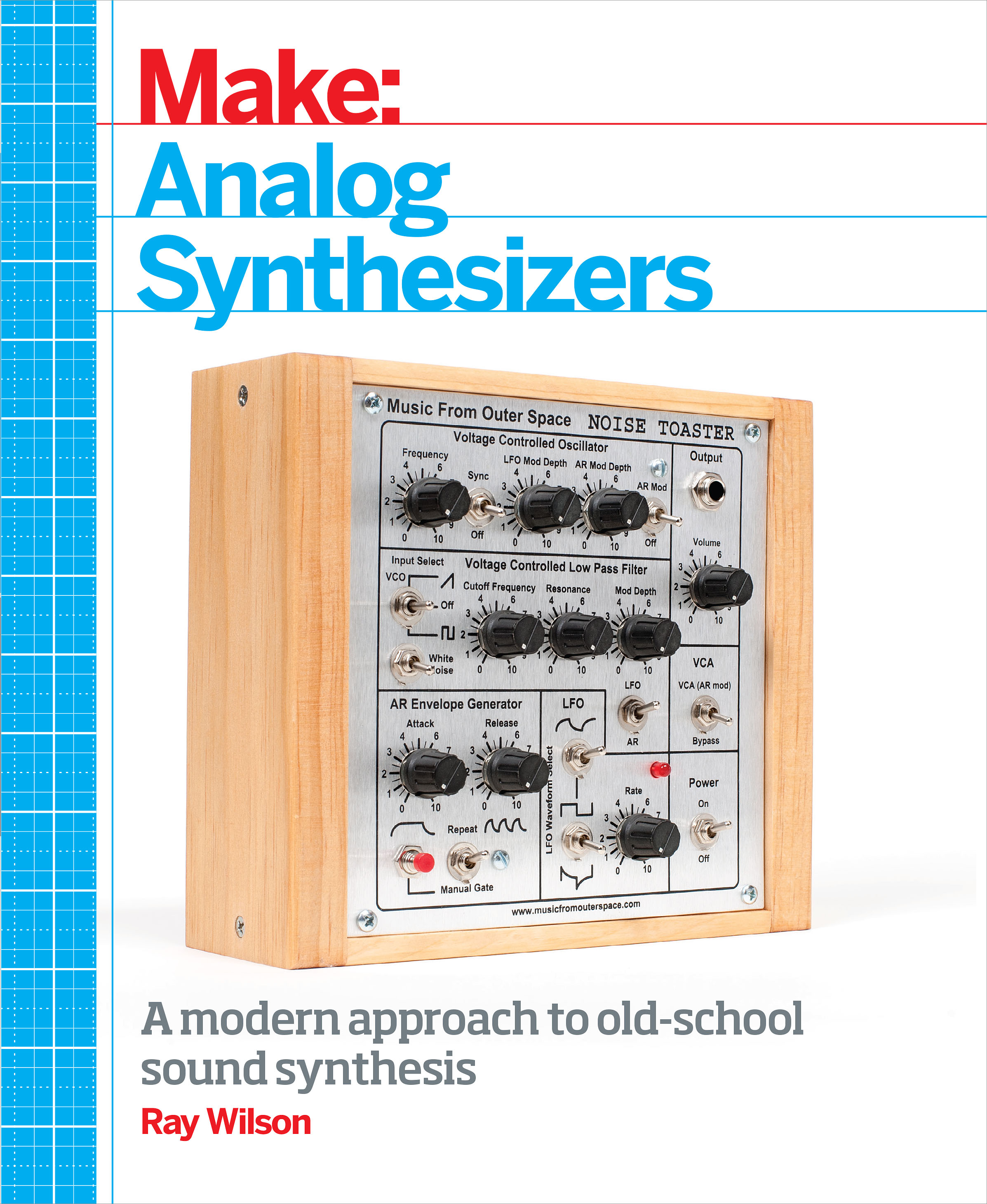
Make Dive hands-on into the tools, techniques, and information for making your own analog synthesizer. If you’re a musician or a hobbyist with experience in building electronic projects from kits or schematics, this do-it-yourself guide will walk you through the parts and schematics you need, and how to tailor them for your needs. Author Ray Wilson shares his decades of experience in synth-DIY, including the popular Music From Outer Space (MFOS) website and analog synth community. At the end of the book, you’ll apply everything you’ve learned by building an analog synthesizer, using the MFOS Noise Toaster kit. You’ll also learn what it takes to create synth-DIY electronic music studio. Get started in the fun and engaging hobby of synth-DIY without delay. With this book, you’ll learn: The differences between analog and digital synthesizers Analog synthesizer building blocks, including VCOs, VCFs, VCAs, and LFOs How to tool up for synth-DIY, including electronic instruments and suggestions for home-made equipment Foundational circuits for amplification, biasing, and signal mixing How to work with the MFOS Noise Toaster kit Setting up a synth-DIY electronic music studio on a budget TECHNOLOGY & ENGINEERING,Electronics,General
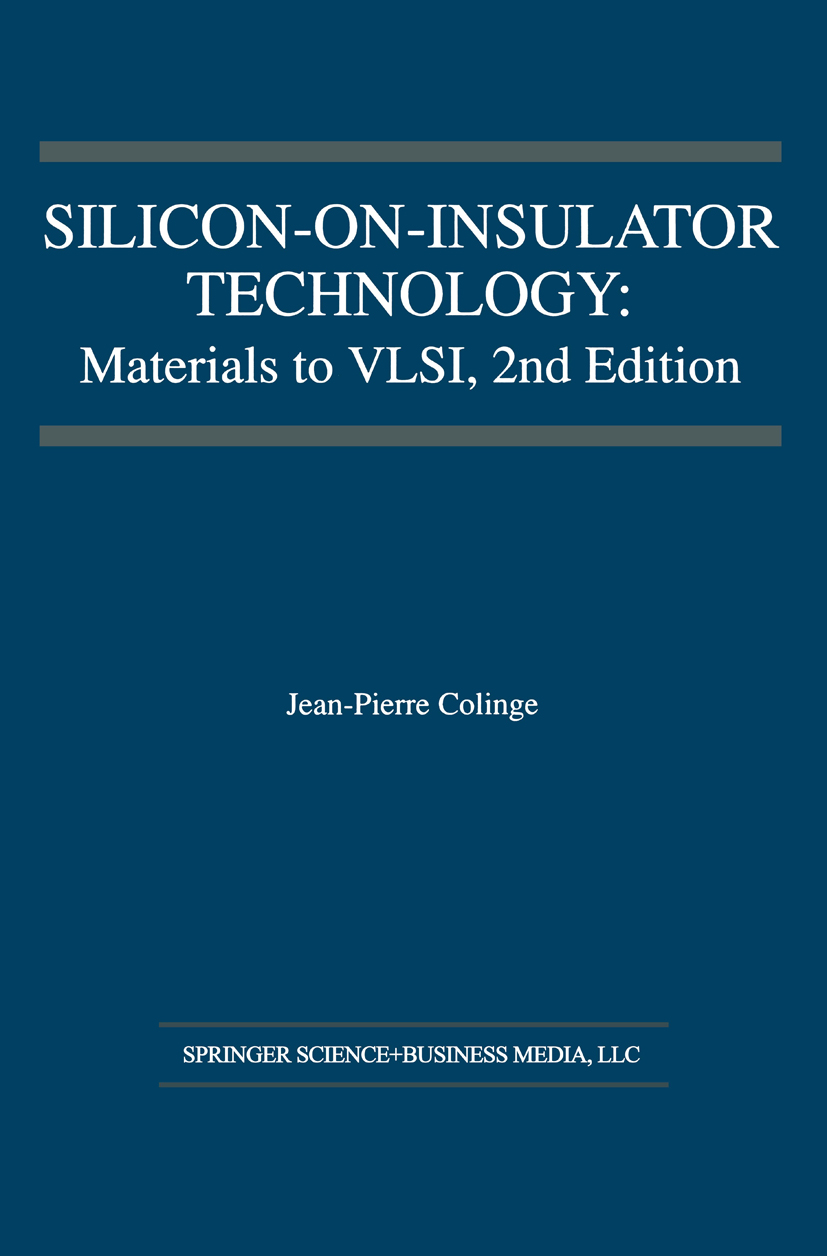
Silicon-on-Insulator Technology Silicon-on-Insulator Technology: Materials to VLSI, 2nd Edition describes the different facets of SOI technology. SOI chips are now commercially available and SOI wafer manufacturers have gone public. SOI has finally made it out of the academic world and is now a big concern for every major semiconductor company. SOI technology has indeed deserved serious recognition: high-temperature (400°C), extremely rad-hard (500 Mrad(Si)), high-density (16 Mb, 0.9-volt DRAM), high-speed (several GHz) and low-voltage (0.5 V) SOI circuits have been demonstrated. Strategic choices in favor of the use of SOI for low-voltage, low-power portable systems have been made by several major semiconductor manufacturers. Silicon-on-Insulator Technology: Materials to VLSI, 2nd Edition presents a complete and state-of-the-art review of SOI materials, devices and circuits. SOI fabrication and characterization techniques, SOI device processing, the physics of the SOI MOSFET as well as that of SOI other devices, and the performances of SOI circuits are discussed in detail. The SOI specialist will find this book invaluable as a source of compiled references covering the different aspects of SOI technology. For the non-specialist, the book serves as an excellent introduction to the topic with detailed, yet simple and clear explanations. Silicon-on-Insulator Technology: Materials to VLSI, 2nd Edition is recommended for use as a textbook for classes on semiconductor device processing and physics. The level of the book is appropriate for teaching at both the undergraduate and graduate levels. Silicon-on-Insulator Technology: Materials to VLSI, 2nd Edition includes the new materials, devices, and circuit concepts which have been devised since the publication of the first edition. The circuit sections, in particular, have been updated to present the performances of SOI devices for low-voltage, low-power applications, as well as for high-temperature, smart-power, and DRAM applications. The other sections, such as those describing SOI materials, the physics of the SOI MOSFET and other devices have been updated to present the state of the art in SOI technology. TECHNOLOGY & ENGINEERING,Electronics,General
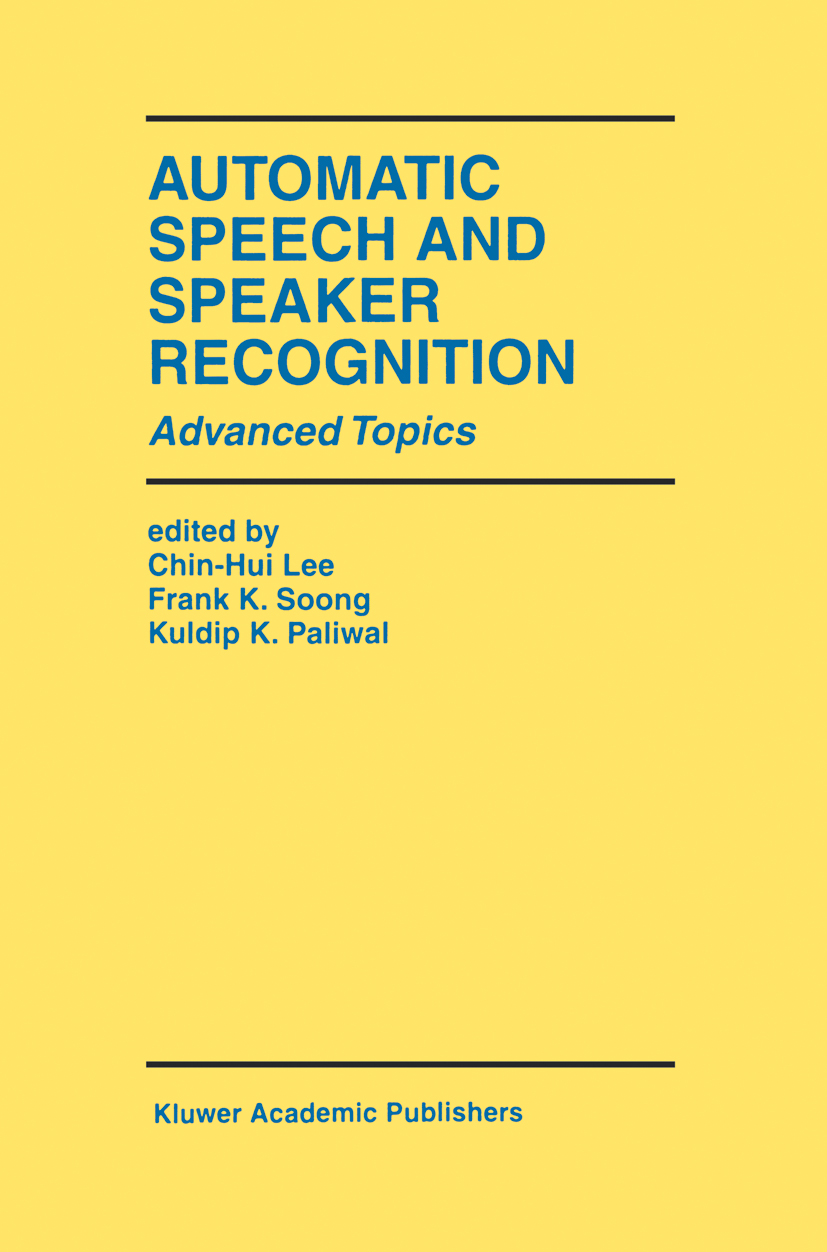
Automatic Speech and Speaker Recognition Research in the field of automatic speech and speaker recognition has made a number of significant advances in the last two decades, influenced by advances in signal processing, algorithms, architectures, and hardware. These advances include: the adoption of a statistical pattern recognition paradigm; the use of the hidden Markov modeling framework to characterize both the spectral and the temporal variations in the speech signal; the use of a large set of speech utterance examples from a large population of speakers to train the hidden Markov models of some fundamental speech units; the organization of speech and language knowledge sources into a structural finite state network; and the use of dynamic, programming based heuristic search methods to find the best word sequence in the lexical network corresponding to the spoken utterance. Automatic Speech and Speaker Recognition: Advanced Topics groups together in a single volume a number of important topics on speech and speaker recognition, topics which are of fundamental importance, but not yet covered in detail in existing textbooks. Although no explicit partition is given, the book is divided into five parts: Chapters 1-2 are devoted to technology overviews; Chapters 3-12 discuss acoustic modeling of fundamental speech units and lexical modeling of words and pronunciations; Chapters 13-15 address the issues related to flexibility and robustness; Chapter 16-18 concern the theoretical and practical issues of search; Chapters 19-20 give two examples of algorithm and implementational aspects for recognition system realization. Audience: A reference book for speech researchers and graduate students interested in pursuing potential research on the topic. May also be used as a text for advanced courses on the subject. TECHNOLOGY & ENGINEERING,Electronics,General
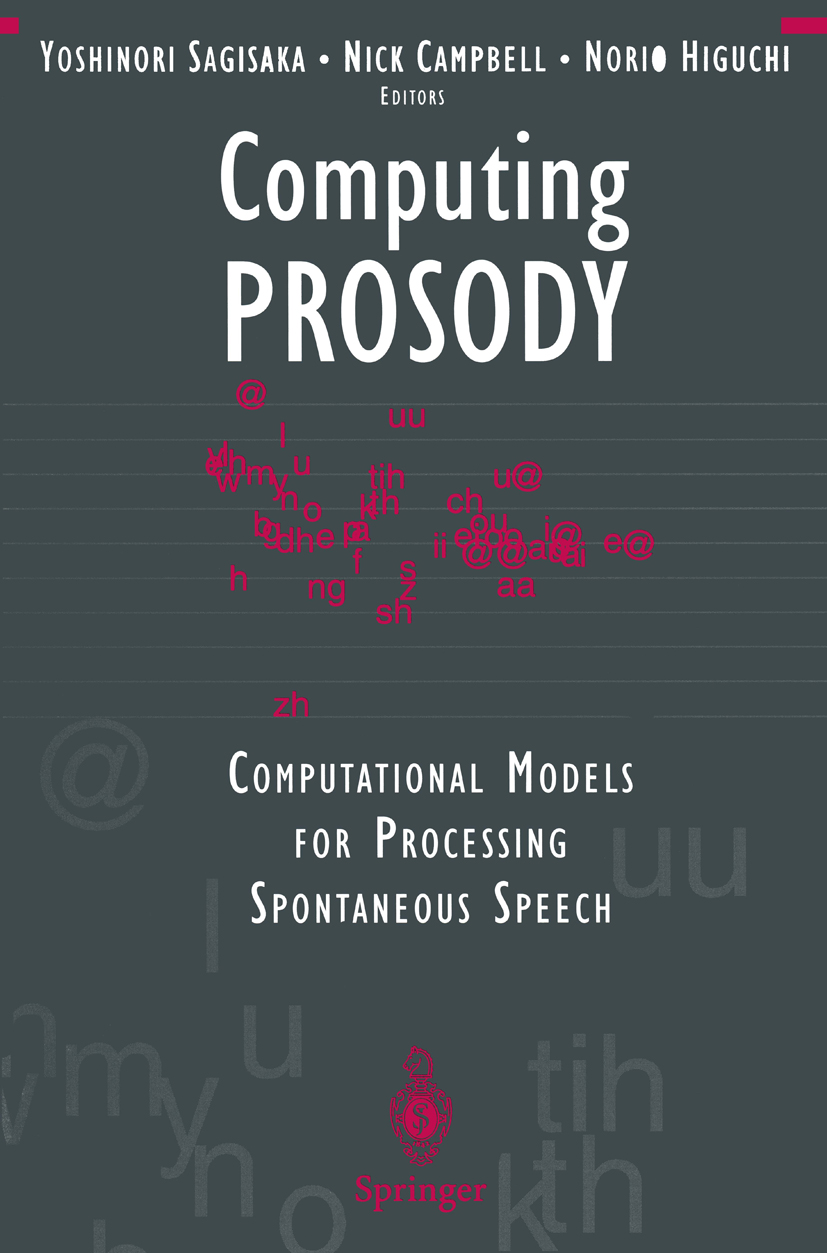
Computing PROSODY This book presents a collection of papers from the Spring 1995 Work shop on Computational Approaches to Processing the Prosody of Spon taneous Speech, hosted by the ATR Interpreting Telecommunications Re search Laboratories in Kyoto, Japan. The workshop brought together lead ing researchers in the fields of speech and signal processing, electrical en gineering, psychology, and linguistics, to discuss aspects of spontaneous speech prosody and to suggest approaches to its computational analysis and modelling. The book is divided into four sections. Part I gives an overview and theoretical background to the nature of spontaneous speech, differentiating it from the lab-speech that has been the focus of so many earlier analyses. Part II focuses on the prosodic features of discourse and the structure of the spoken message, Part ilIon the generation and modelling of prosody for computer speech synthesis. Part IV discusses how prosodic information can be used in the context of automatic speech recognition. Each section of the book starts with an invited overview paper to situate the chapters in the context of current research. We feel that this collection of papers offers interesting insights into the scope and nature of the problems concerned with the computational analysis and modelling of real spontaneous speech, and expect that these works will not only form the basis of further developments in each field but also merge to form an integrated computational model of prosody for a better understanding of human processing of the complex interactions of the speech chain. TECHNOLOGY & ENGINEERING,Electronics,General
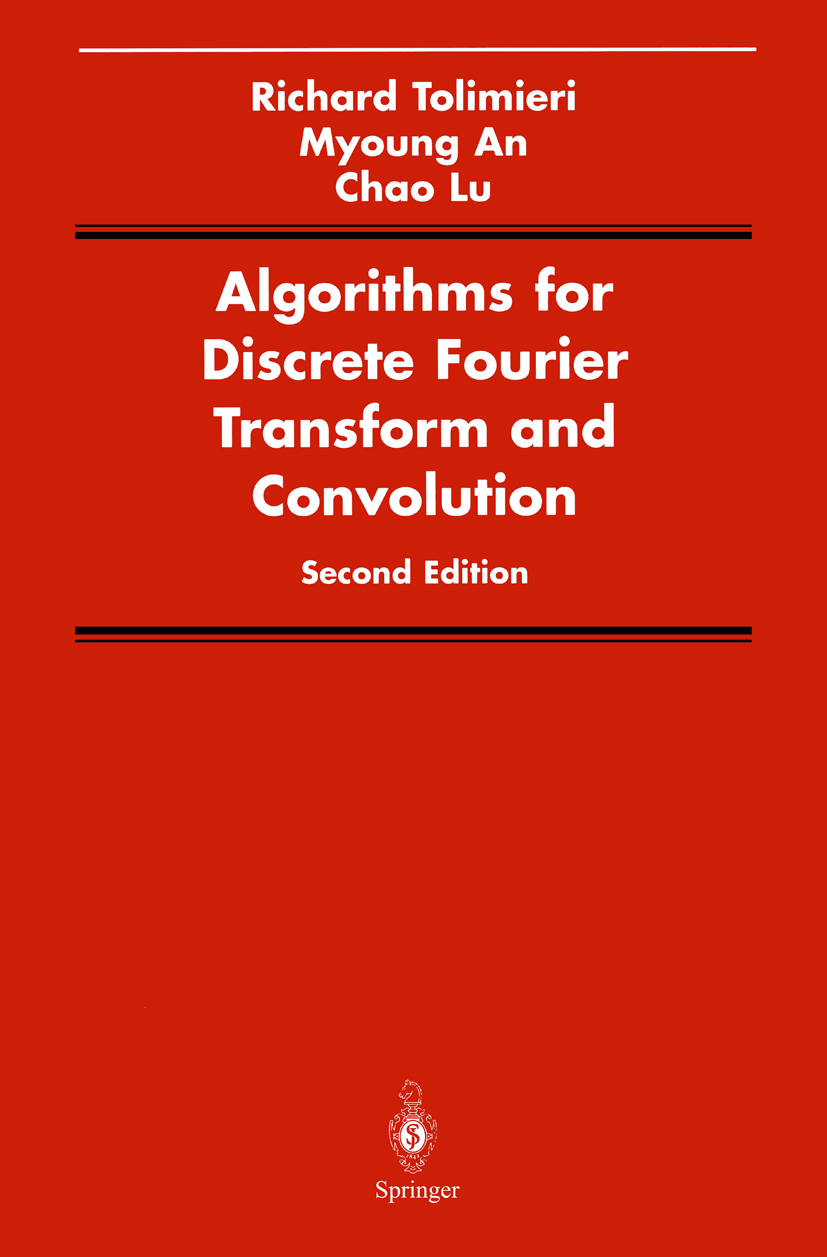
Algorithms for Discrete Fourier Transform and Convolution This book is based on several courses taught during the years 1985-1989 at the City College of the City University of New York and at Fudan Univer sity, Shanghai, China, in the summer of 1986. It was originally our intention to present to a mixed audience of electrical engineers, mathematicians and computer scientists at the graduate level a collection of algorithms that would serve to represent the vast array of algorithms designed over the last twenty years for computing the finite Fourier transform (FFT) and finite convolution. However, it was soon apparent that the scope of the course had to be greatly expanded. For researchers interested in the design of new algorithms, a deeper understanding of the basic mathematical concepts underlying algorithm design was essential. At the same time, a large gap remained between the statement of an algorithm and the implementation of the algorithm. The main goal of this text is to describe tools that can serve both of these needs. In fact, it is our belief that certain mathematical ideas provide a natural language and culture for understanding, unifying and implementing a wide range of digital signal processing (DSP) algo rithms. This belief is reinforced by the complex and time-consuming effort required to write code for recently available parallel and vector machines. A significant part of this text is devoted to establishing rules and procedures that reduce and at times automate this task. TECHNOLOGY & ENGINEERING,Electronics,General

Advanced Electronic Technologies and Systems Based on Low-Dimensional Quantum Devices Proceedings of the NATO Advanced Study Institute, Sozopol, Bulgaria, 18-28 September 1996 TECHNOLOGY & ENGINEERING,Electronics,General

Discrete H∞ Optimization Discrete H¿ Optimization is concerned with the study of H¿ optimization for digital signal processing and discrete-time control systems. The first three chapters present the basic theory and standard methods in digital filtering and systems from the frequency-domain approach, followed by a discussion of the general theory of approximation in Hardy spaces. AAK theory is introduced, first for finite-rank operators and then more generally, before being extended to the multi-input/multi-output setting. This mathematically rigorous book is self-contained and suitable for self-study. The advanced mathematical results derived here are applicable to digital control systems and digital filtering. TECHNOLOGY & ENGINEERING,Electronics,General
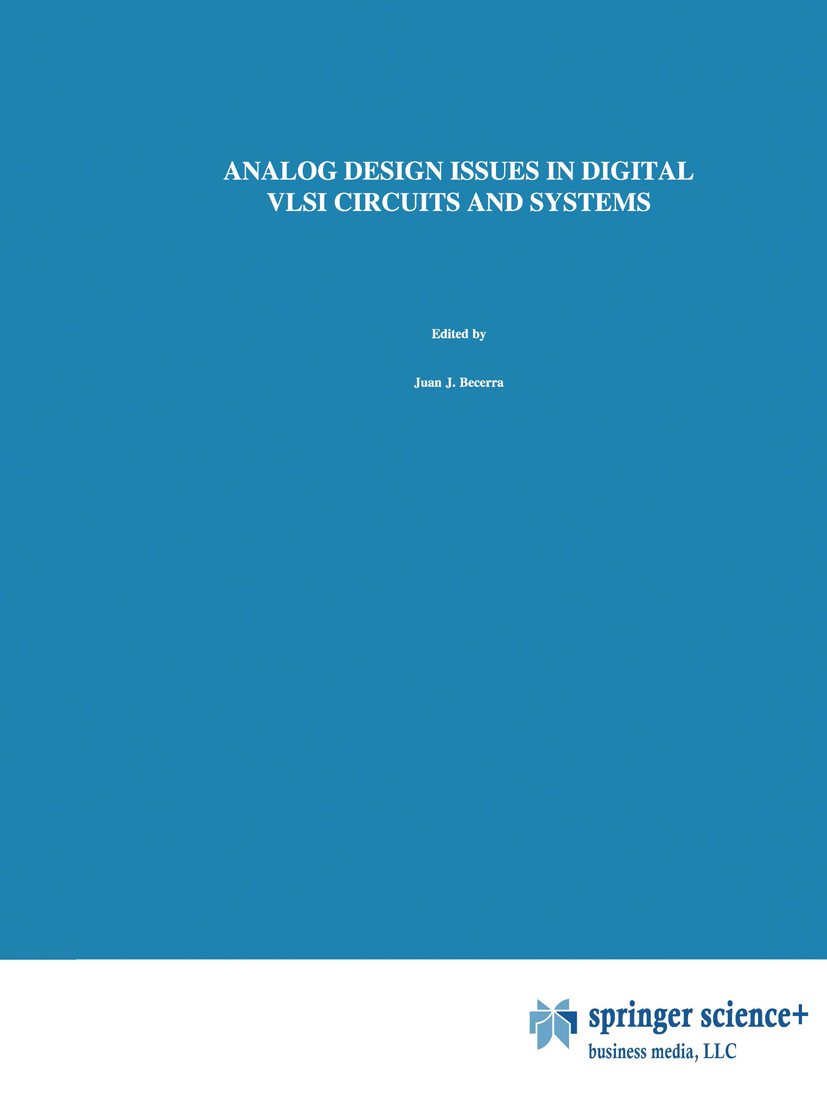
Analog Design Issues in Digital VLSI Circuits and Systems Analog Design Issues in Digital VLSI Circuits and Systems brings together in one place important contributions and up-to-date research results in this fast moving area. Analog Design Issues in Digital VLSI Circuits and Systems serves as an excellent reference, providing insight into some of the most challenging research issues in the field. TECHNOLOGY & ENGINEERING,Electronics,General

Hadamard Matrix Analysis and Synthesis Hadamard Matrix Analysis and Synthesis: With Applications to Communications and Signal/Image Processing presents the basic concepts of Sylvester's construction of Hadamard matrices, the eigenvalue-eigenvector decompositions, along with its relationship to Fourier transforms. Relevant computational structures are included for those interested in implementing the Hadamard transform. The 2-dimensional Hadamard transform is discussed in terms of a 1- dimensional transform. The applications presented touch on statistics, error correction coding theory, communications signaling, Boolean function analysis and synthesis, image processing, sequence theory (maximal length binary sequences, composite sequences, and Thue-Morse sequences) and signal representation. An interesting application of the Hadamard transform to images is the Naturalness Preserving Transform (NPT), which is presented. The NPT provides a way to encode an image that can be reconstructed when it is transmitted through a noisy or an unfriendly channel. The potential applications of the Hadamard transform are wide and the book samples many of the important concepts among a vast field of applications of the transform. Hadamard Matrix Analysis and Synthesis: With Applications to Communications and Signal/Image Processing serves as an excellent reference source and may be used as a text for advanced courses on the topic. TECHNOLOGY & ENGINEERING,Electronics,General
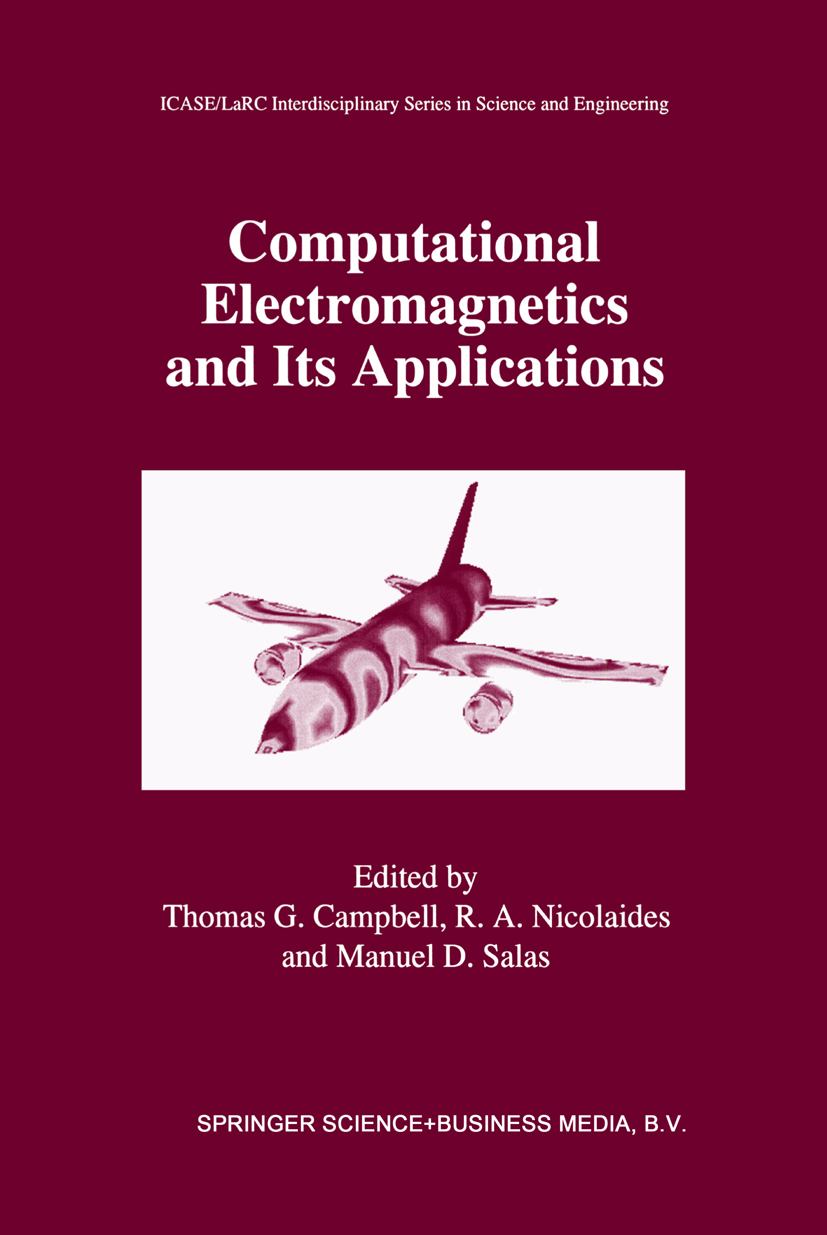
Computational Electromagnetics and Its Applications This volume contains the proceedings of the first ICASE/LaRC Work shop on Computational Electromagnetics and Its Applications conducted by the Institute for Computer Applications in Science and Engineering and NASA Langley Research Center. We had several goals in mind when we decided, jointly with the Elec tromagnetics Research Branch, to organize this workshop on Computa tional Electromagnetics ( CEM). Among our goals were a desire to obtain an overview of the current state of CEM, covering both algorithms and ap plications and their effect on NASA's activities in this area. In addition, we wanted to provide an attractive setting for computational scientists with expertise in other fields, especially computational fluid dynamics (CFD), to observe the algorithms and tools of CEM at work. Our expectation was that scientists from both fields would discover mutually beneficial inter connections and relationships. Another goal was to learn of progress in solution algorithms for electromagnetic optimization and design problems; such problems make extensive use of field solvers and computational effi ciency is at a premium. To achieve these goals we assembled the renowned group of speakers from academia and industry whose talks are contained in this volume. The papers are printed in the same order in which the talks were pre sented at the meeting. The first paper is an overview of work currently being performed in the Electromagnetic Research Branch at the Langley Research Center. TECHNOLOGY & ENGINEERING,Electronics,General

Optical Resonators Optical Resonators provides a detailed discussion of the properties of optical resonators for lasers from basic theory to recent research. In addition to describing the fundamental theories of resonators such as geometrical optics, diffraction, and polarisation the characteristics of all important resonator schemes and their calculation are presented. Experimental examples, practical problems and a collection of measurement techniques support the comprehensive treatment of the subject. Optical Resonators is the only book currently available that provides a comprehensive overview of the the subject. Combined with the structure of the text and the autonomous nature of the chapters this work will be as suitable for those new to the field as it will be invaluable to specialists conducting research. TECHNOLOGY & ENGINEERING,Electronics,General
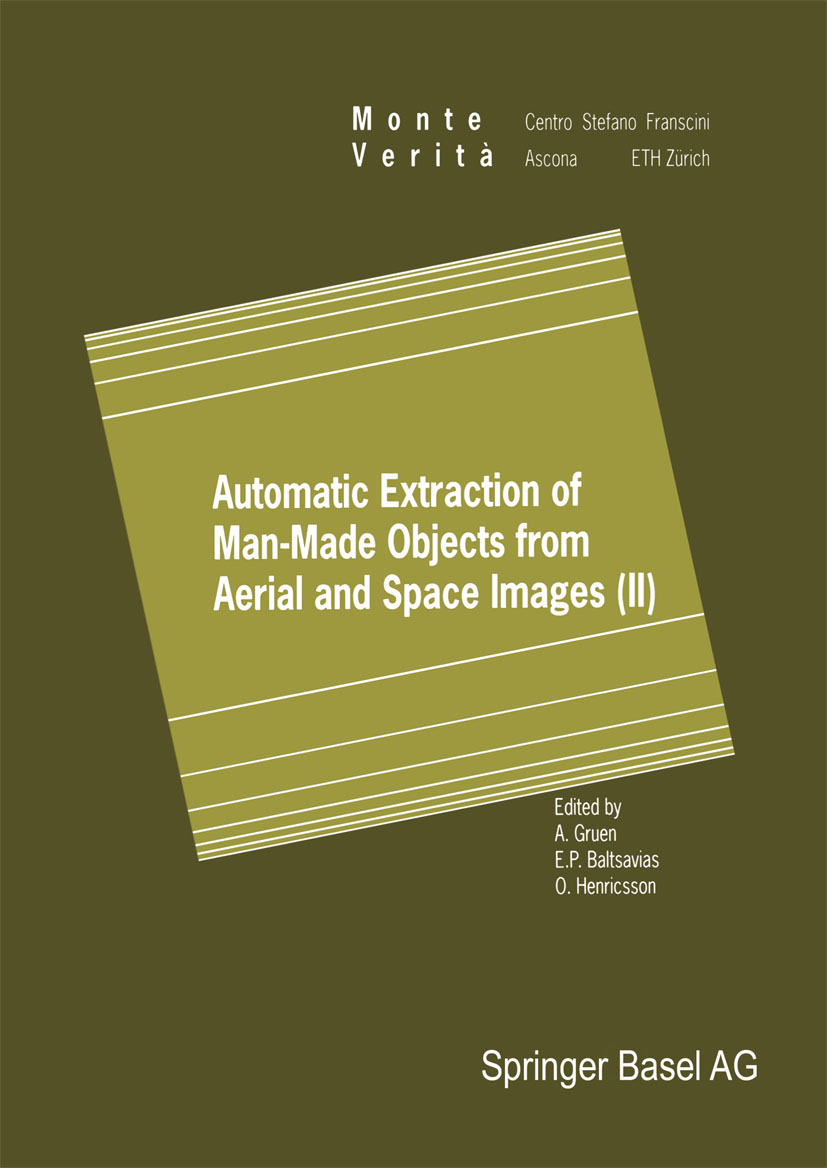
Automatic Extraction of Man-Made Objects from Aerial and Space Images (II) Advancements in digital sensor technology, digital image analysis techniques, as well as computer software and hardware have brought together the fields of computer vision and photogrammetry, which are now converging towards sharing, to a great extent, objectives and algorithms. The potential for mutual benefits by the close collaboration and interaction of these two disciplines is great, as photogrammetric know-how can be aided by the most recent image analysis developments in computer vision, while modern quantitative photogrammetric approaches can support computer vision activities. Devising methodologies for automating the extraction of man-made objects (e.g. buildings, roads) from digital aerial or satellite imagery is an application where this cooperation and mutual support is already reaping benefits. The valuable spatial information collected using these interdisciplinary techniques is of improved qualitative and quantitative accuracy. This book offers a comprehensive selection of high-quality and in-depth contributions from world-wide leading research institutions, treating theoretical as well as implementational issues, and representing the state-of-the-art on this subject among the photogrammetric and computer vision communities. TECHNOLOGY & ENGINEERING,Electronics,General
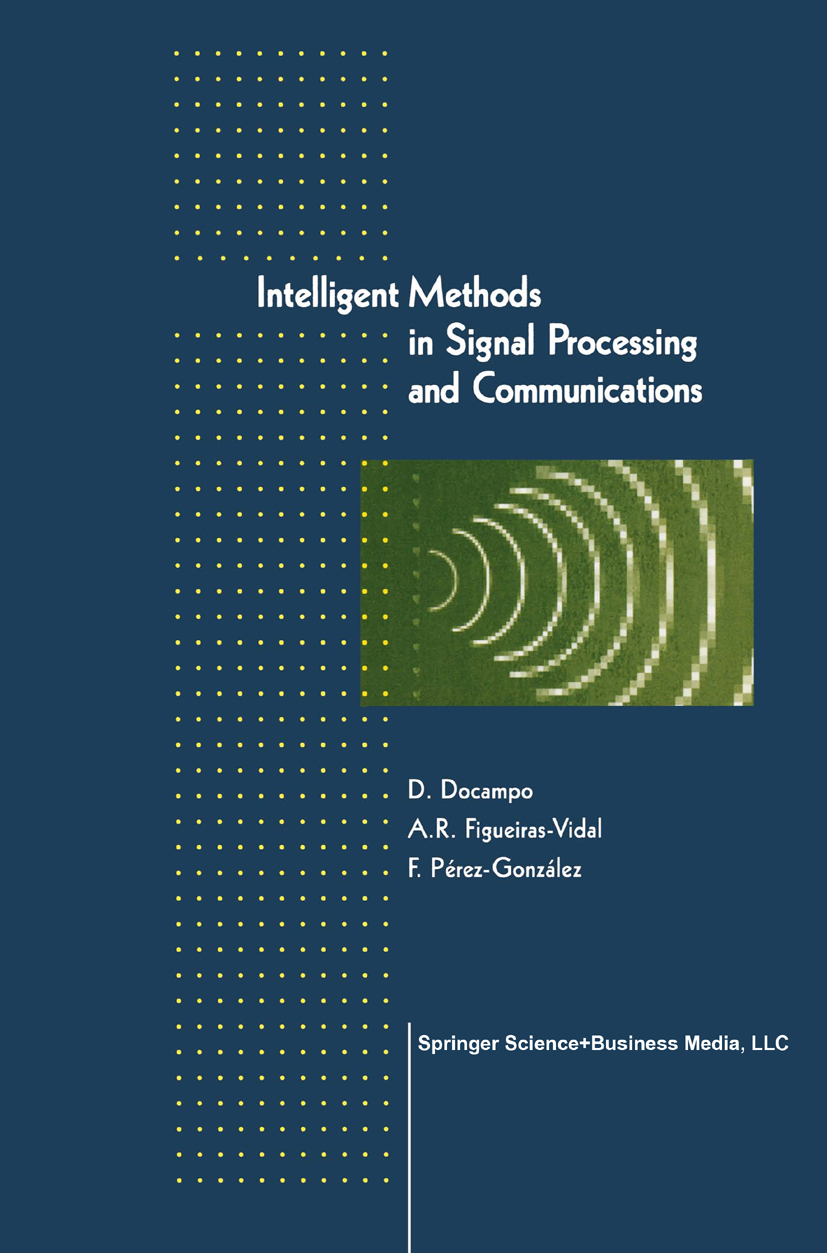
Intelligent Methods in Signal Processing and Communications 129 6.2 Representation of hints. 131 6.3 Monotonicity hints .. . 134 6.4 Theory ......... . 139 6.4.1 Capacity results 140 6.4.2 Decision boundaries 144 6.5 Conclusion 145 6.6 References....... ... 146 7 Analysis and Synthesis Tools for Robust SPRness 147 C. Mosquera, J.R. Hernandez, F. Perez-Gonzalez 7.1 Introduction.............. 147 7.2 SPR Analysis of Uncertain Systems. 153 7.2.1 The Poly topic Case . 155 7.2.2 The ZP-Ball Case ...... . 157 7.2.3 The Roots Space Case ... . 159 7.3 Synthesis of LTI Filters for Robust SPR Problems 161 7.3.1 Algebraic Design for Two Plants ..... . 161 7.3.2 Algebraic Design for Three or More Plants 164 7.3.3 Approximate Design Methods. 165 7.4 Experimental results 167 7.5 Conclusions 168 7.6 References ..... . 169 8 Boundary Methods for Distribution Analysis 173 J.L. Sancho et aZ. 8.1 Introduction ............. . 173 8.1.1 Building a Classifier System . 175 8.2 Motivation ............. . 176 8.3 Boundary Methods as Feature-Set Evaluation 177 8.3.1 Results ................ . 179 8.3.2 Feature Set Evaluation using Boundary Methods: S- mary. . . . . . . . . . . . . . . . . . . .. . . 182 . . . TECHNOLOGY & ENGINEERING,Electronics,General
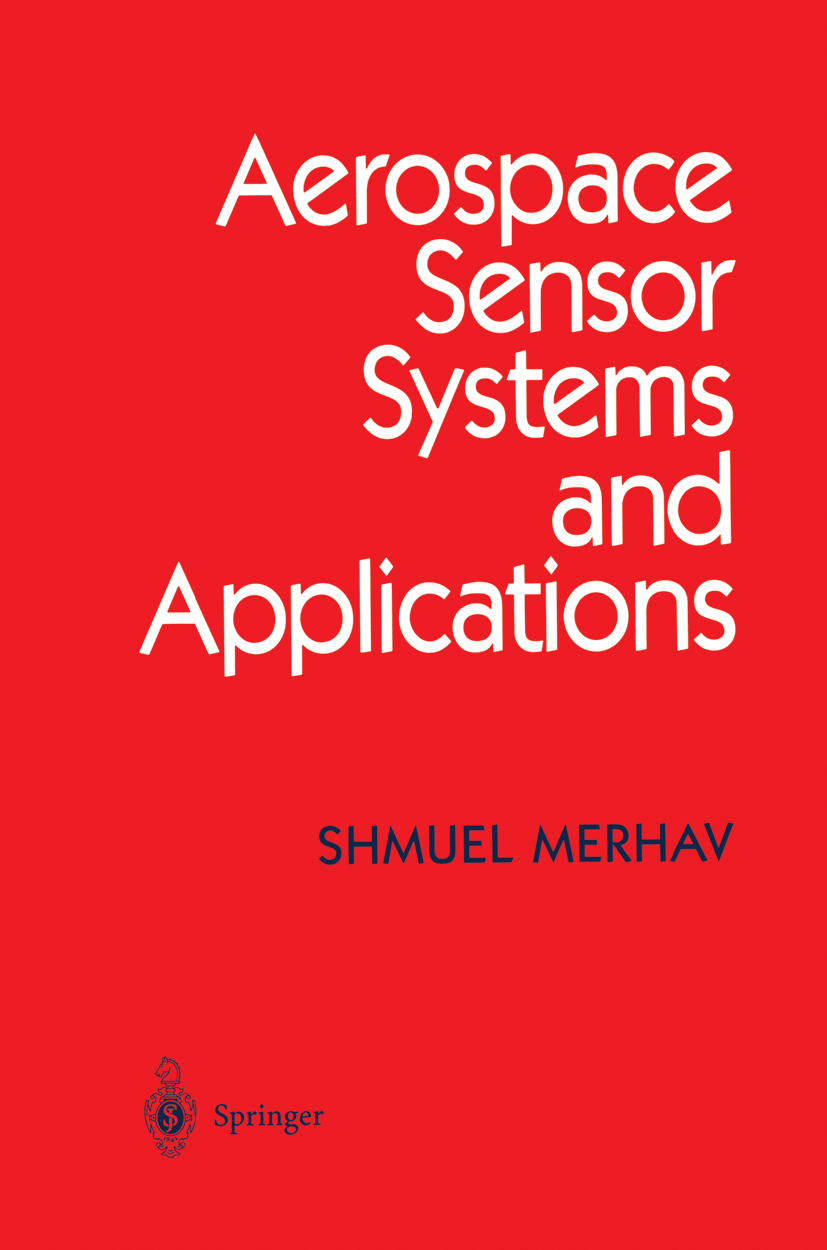
Aerospace Sensor Systems and Applications This book is about aerospace sensors, their principles of operation, and their typical advantages, shortcomings, and vulnerabilities. They are described in the framework of the subsystems where they function and in accordance with the flight mission they are designed to serve. The book is intended for students at the advanced undergraduate or graduate level and for research engineers who need to acquire this kind of knowledge. An effort has been made to explain, within a uniform framework of mathematical modeling, the physics upon which a certain sensor concept is based, its construction, its dynamics, and its error sources and their corresponding mathematical models. Equipped with such knowledge and understanding, the student or research engineer should be able to get involved in research and development activities of guidance, control, and navigation systems and to contribute to the initiation of novel ideas in the aerospace sensor field. As a designer and systems engineer, he should be able to correctly interpret the various items in a technical data list and thus to interact intelligently with manufacturers' representatives and other members of an R&D team. Much of the text has evolved from undergraduate and graduate courses given by the author during the past seventeen years at the Department of Aerospace Engineering at the Technion- Israel Institute of Technology and from his earlier research and development experience in flight control, guidance, navigation, and avionics at the Ministry of Defense Central Research Institute. TECHNOLOGY & ENGINEERING,Electronics,General
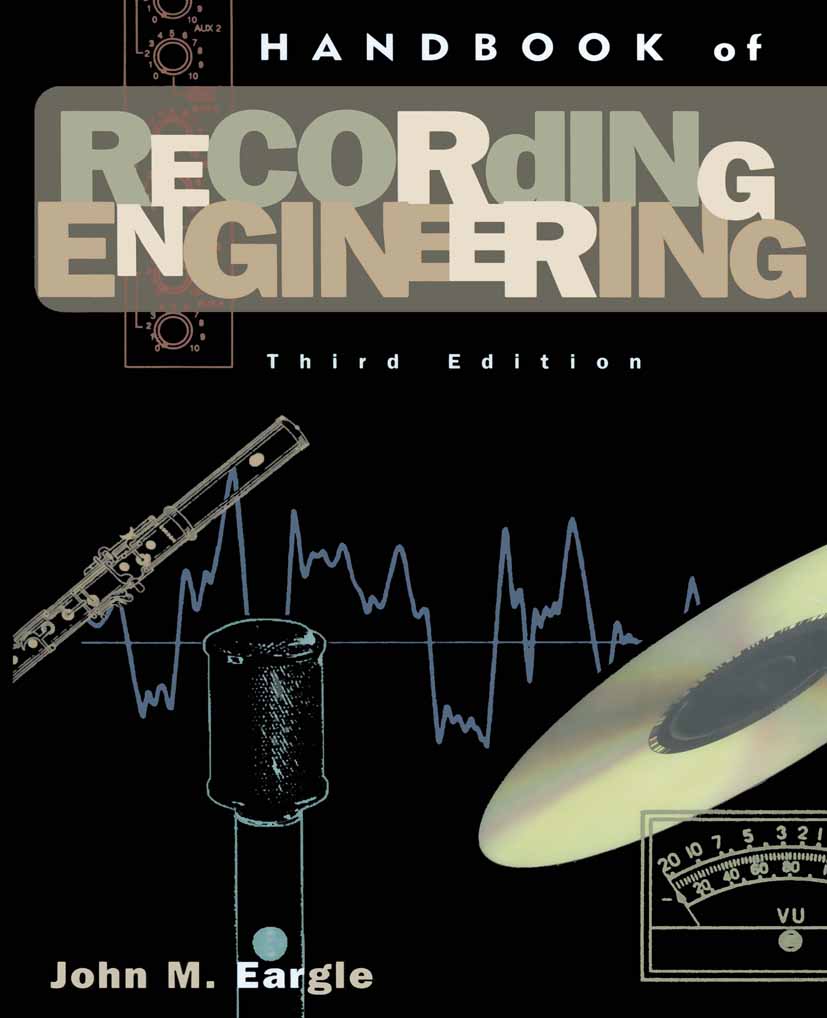
Handbook of Recording Engineering John Eargle's 4th edition of The Handbook of Recording Engineering is the latest version of his long-time classic hands-on book for aspiring recording engineers. It follows the broad outline of its predecessors, but has been completely recast for the benefit of today's training in recording and its allied arts and sciences. Digital recording and signal processing are covered in detail, as are actual studio miking and production techniques -- including the developing field of surround sound. As always, the traditional topics of basic stereo, studio acoustics, analog tape recording, and the stereo LP are covered in greater detail than you are likely to find anywhere except in archival references.This book has been completely updated with numerous new topics added and outdated material removed. Many technical descriptions are now presented in Sidebars, leaving the primary text for more general descriptions.Handbook of Recording Engineering, Fourth Edition is for students preparing for careers in audio, recording, broadcast, and motion picture sound work. It will also be useful as a handbook for professionals already in the audio workplace. TECHNOLOGY & ENGINEERING,Electronics,General

Review of Progress in Quantitative Nondestructive Evaluation Proceedings of the Twenty-Second Symposium held in Seattle, Washington, July 30-August 4, 1995 TECHNOLOGY & ENGINEERING,Electronics,General
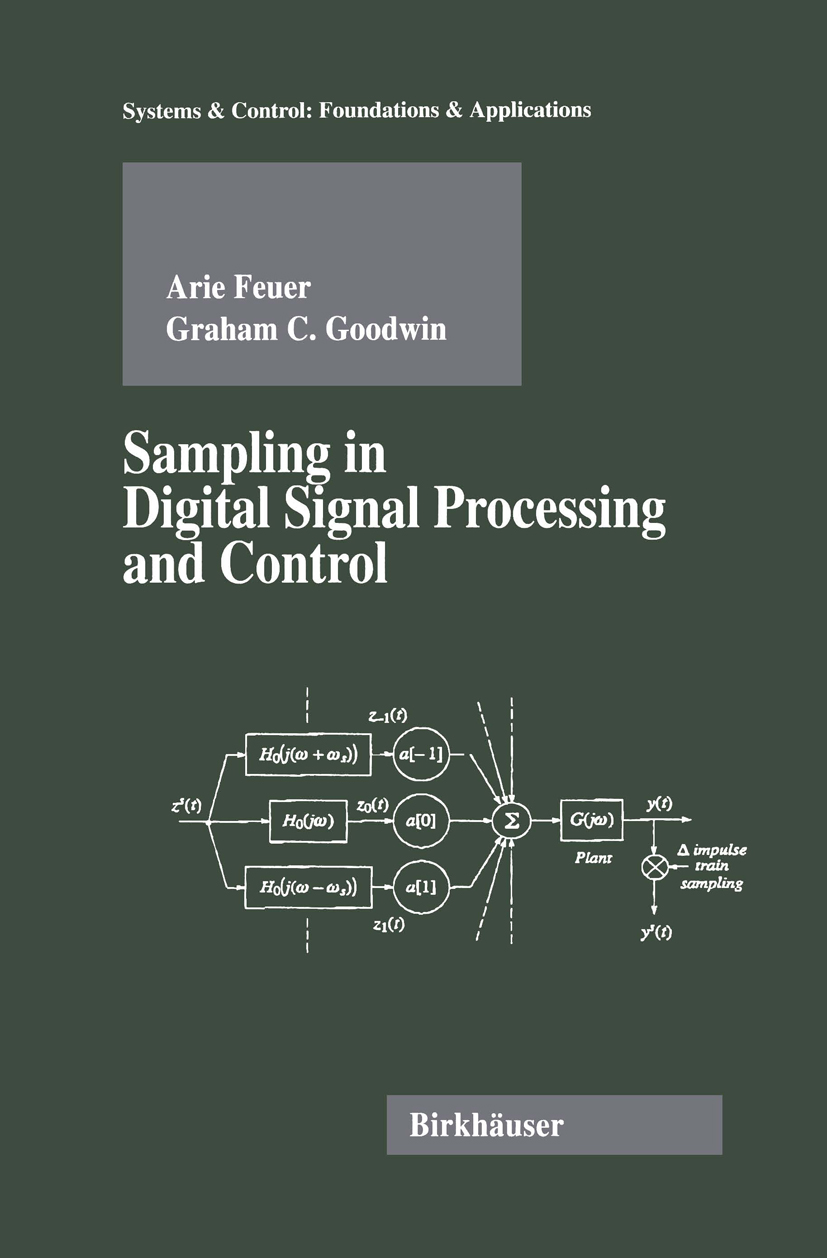
Sampling in Digital Signal Processing and Control Undoubtably one of the key factors influencing recent technology has been the advent of high speed computational tools. Virtually every advanced engi neering system we come in contact with these days depends upon some form of sampling and digital signal processing. Well known examples are digital tele phone systems, digital recording of audio signals and computer control. These developments have been matched by the appearance of a plethora of books which explain a variety of analysis, synthesis and design tools applica ble to sampled-data systems. The reader might therefore wonder what is distinc tive about the current book. Our observation of the existing literature is that the underlying continuous-time system is usually forgotten once the samples are tak en. The alternative point of view, adopted in this book, is to formulate the analy sis in such a way that the user is constantly reminded of the presence of the under lying continuous-time signals. We thus give emphasis to two aspects of sampled-data analysis: Firstly, we formulate the various algorithms so that the appropriate contin uous-time case is approached as the sampling rate increases. Secondly we place emphasis on the continuous-time output response rath er than simply focusing on the sampled response. TECHNOLOGY & ENGINEERING,Electronics,General
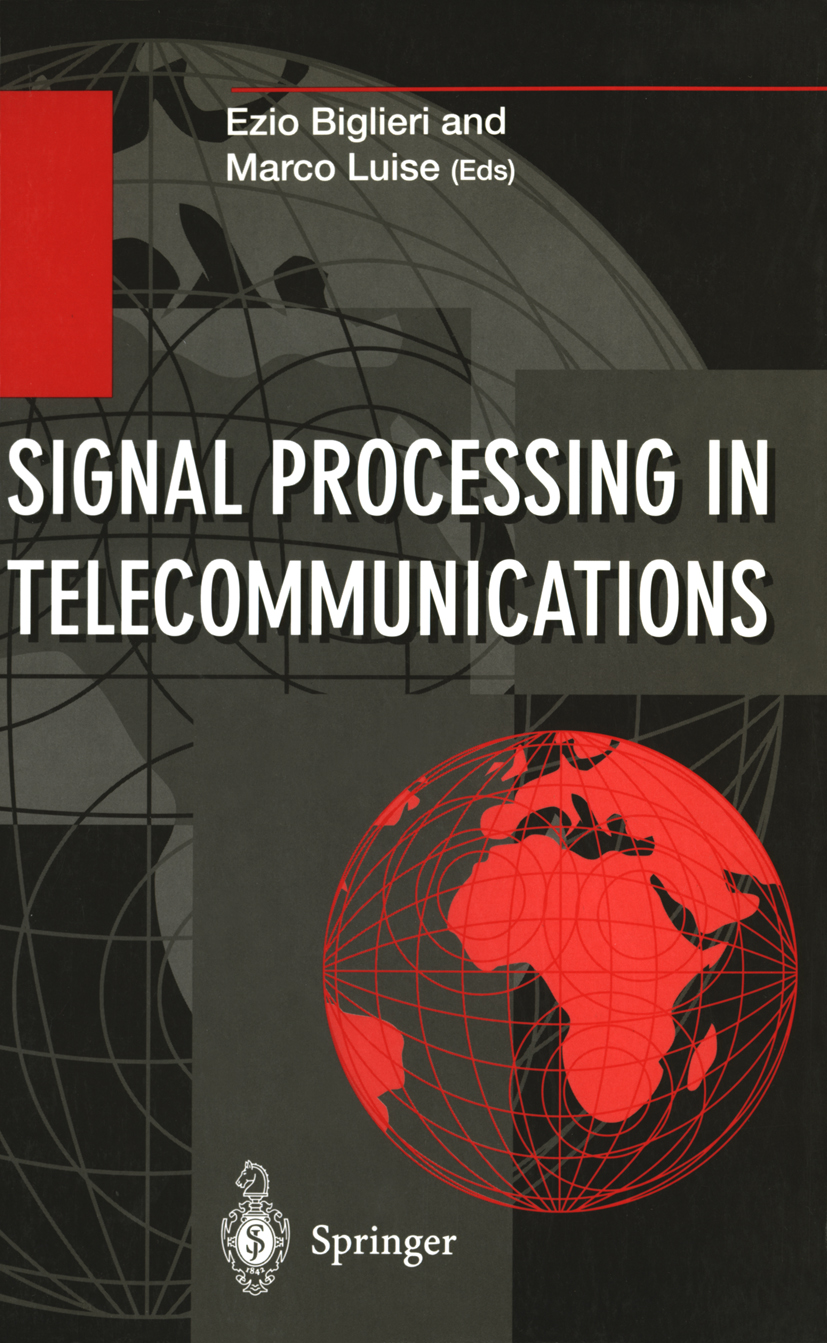
Signal Processing in Telecommunications It is probably an overstatement to say that the discipline of telecommunication systems is becoming an application of digital signal processing (DSP). However, there is no doubt that by the mid-I980s integrated circuit technology has advanced to such an extent that revolutionary advances in telecommunications are fostered by the introduction of new and poweiful DSP algorithms. Actually, DSP has been recently playing a major role in the development of telecommuni cations systems: to name just one of the most widespread applications where this interaction has been most effective, we may mention the use of intelligent DSP to improve the peiformance of transmission systems by allowing sophisticated algorithm to be implemented in radio transmitters and receivers for personal communications. Other areas have equally benefited by the latest advances of DSP: speech coding and synthesis, speech recognition and enhancement, radar, sonar, digital audio, and remote sensing, just to cite afew. With this in mind, when choosing the topic for the 7th Tyrrhenian Workshop on Digital Communications, whose contributions are collected in this book, we aimed at focusing on the state of the art and the perspectives of the interaction between DSP and telecommunications, two disciplines that are becoming increasingly intertwined. Although by no means exhaustive of all the applications of DSP to telecommu nications, we believe that the material presented in this book pinpoints the most interesting among them, and hence it will be considered as a useful tool for investigating this complex and highly challenging field. TECHNOLOGY & ENGINEERING,Electronics,General
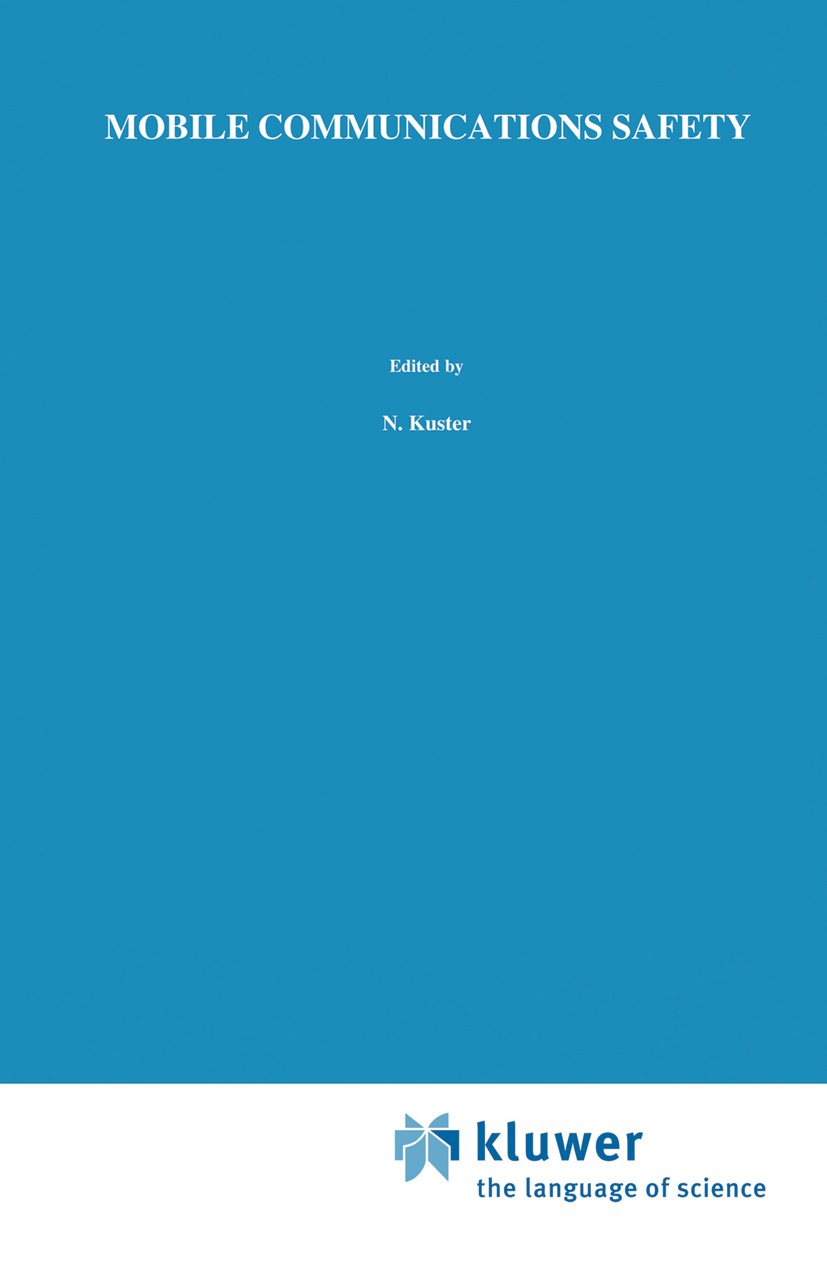
Mobile Communications Safety Recently, there has been interest by regulators, the public and the manufacturers of wireless devices in the issues relating to the safety of radio frequency (RF) energy. These issues require an understanding of the scientific underpinnings of both physics of RF energy and cellular biology. This book is designed to provide precisely such cross-functional expertise. The editors of this book intend to provide a reliable source for a sound scientific understanding of the issues and to stimulate future scientific advances in this area. Therefore, the audience for this book includes such diverse groups as scientists, governmental policy-makers and regulatory bodies, representatives of industry and the public at large. TECHNOLOGY & ENGINEERING,Electronics,General
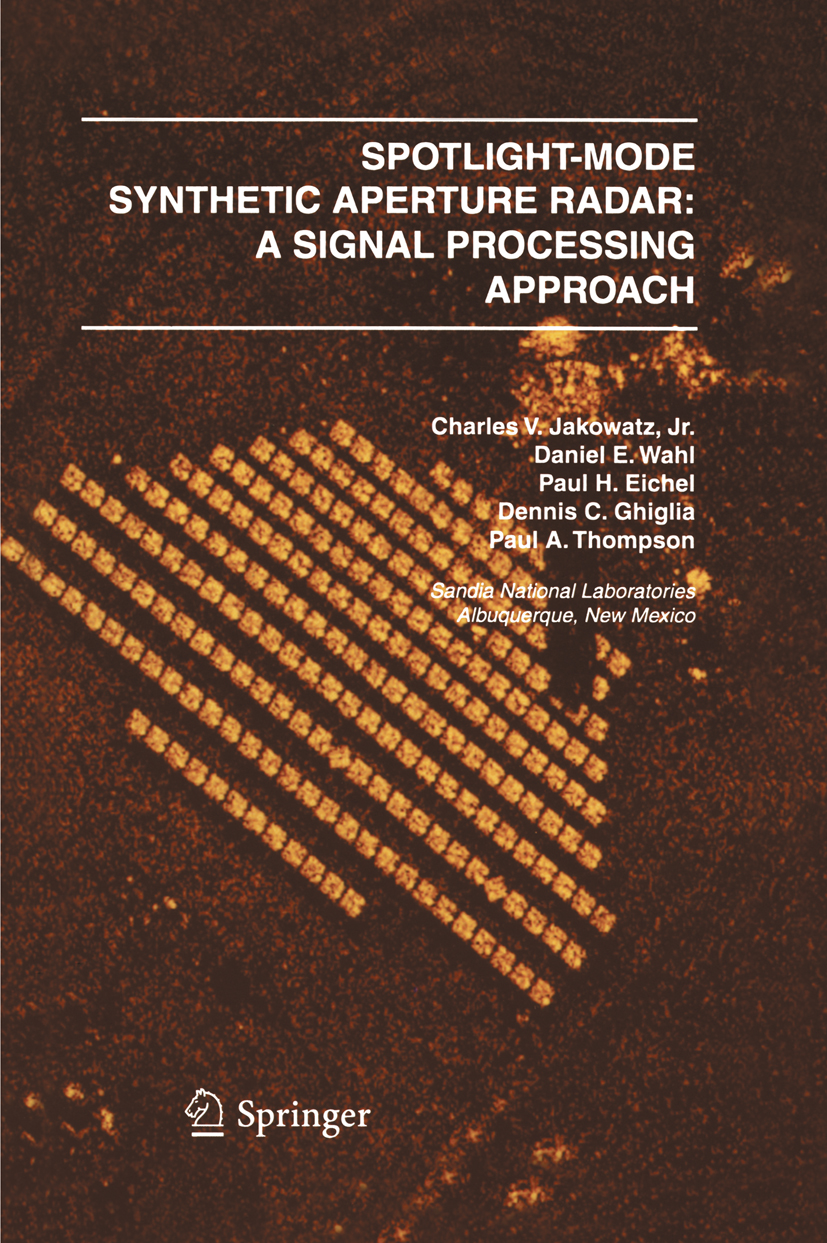
Spotlight-Mode Synthetic Aperture Radar Modern airborne and spaceborne imaging radars, known as synthetic aperture radars (SARs), are capable of producing high-quality pictures of the earth's surface while avoiding some of the shortcomings of certain other forms of remote imaging systems. Primarily, radar overcomes the nighttime limitations of optical cameras, and the cloud- cover limitations of both optical and infrared imagers. In addition, because imaging radars use a form of coherent illumination, they can be used in certain special modes such as interferometry, to produce some unique derivative image products that incoherent systems cannot. One such product is a highly accurate digital terrain elevation map (DTEM). The most recent (ca. 1980) version of imaging radar, known as spotlight-mode SAR, can produce imagery with spatial resolution that begins to approach that of remote optical imagers. For all of these reasons, synthetic aperture radar imaging is rapidly becoming a key technology in the world of modern remote sensing. Much of the basic `workings' of synthetic aperture radars is rooted in the concepts of signal processing. Starting with that premise, this book explores in depth the fundamental principles upon which the spotlight mode of SAR imaging is constructed, using almost exclusively the language, concepts, and major building blocks of signal processing. Spotlight-Mode Synthetic Aperture Radar: A Signal Processing Approach is intended for a variety of audiences. Engineers and scientists working in the field of remote sensing but who do not have experience with SAR imaging will find an easy entrance into what can seem at times a very complicated subject. Experienced radar engineers will find that the book describes several modern areas of SAR processing that they might not have explored previously, e.g. interferometric SAR for change detection and terrain elevation mapping, or modern non-parametric approaches to SAR autofocus. Senior undergraduates (primarily in electrical engineering) who have had courses in digital signal and image processing, but who have had no exposure to SAR could find the book useful in a one-semester course as a reference. TECHNOLOGY & ENGINEERING,Electronics,General
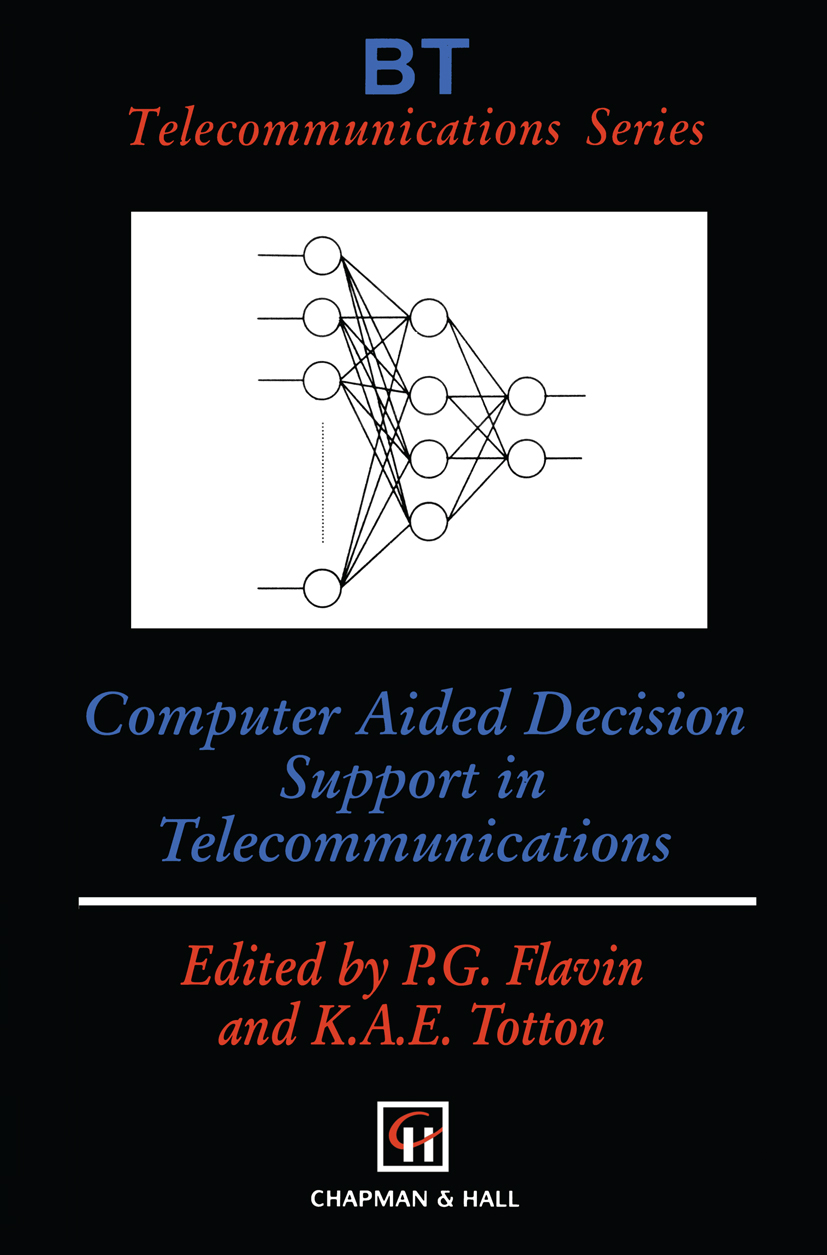
Computer Aided Decision Support in Telecommunications In bringing together this book, the editors have kept two goals in mind. Firstly, the goal of educating the reader by giving an insight into the wealth of computing and mathematical techniques now being used to build decision support systems. Secondly, of aiming to stimulate the imagination by including an eclectic mix of contributions from a wide range of business areas to demonstrate that there is no field in which modern decision support techniques cannot usefully be applied. The quintessence of decision support systems is that they are designed to assist people in establishing the best course of action in a given situation but not to automate or tell them prescriptively how to achieve a goal. TECHNOLOGY & ENGINEERING,Electronics,General
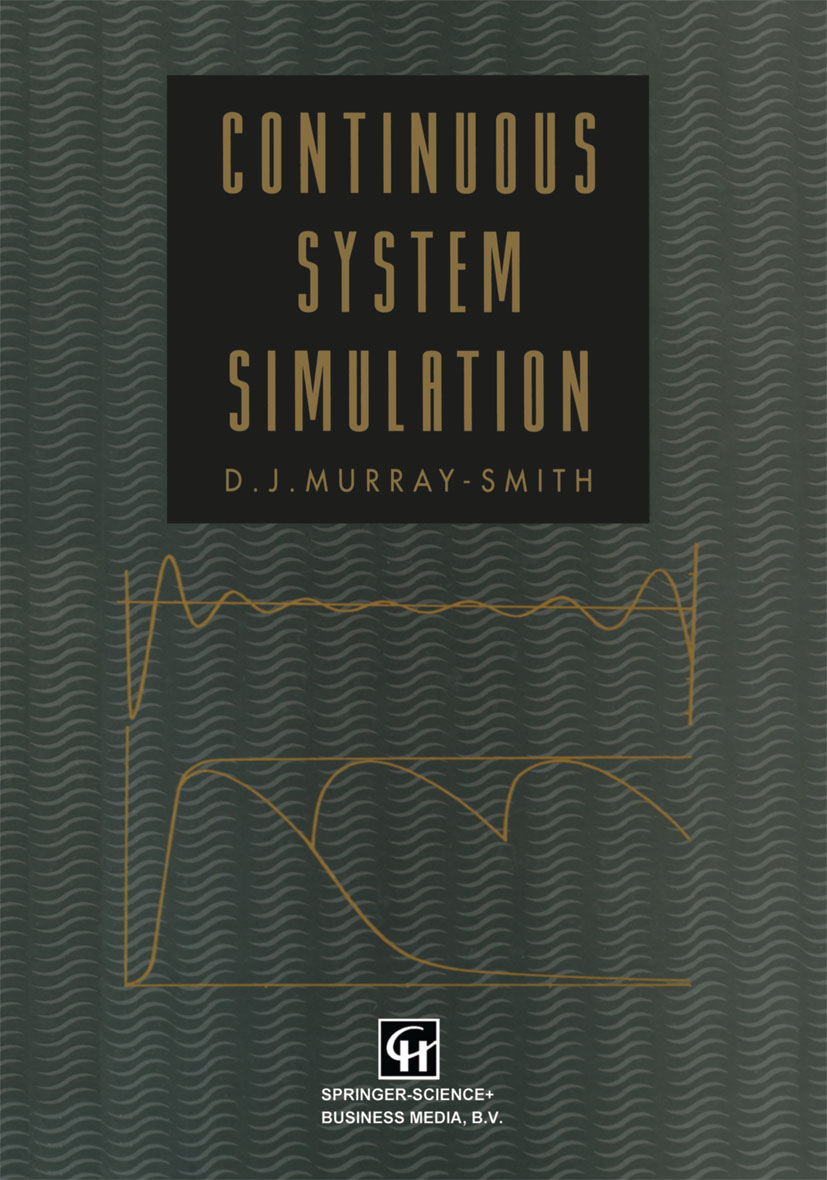
Continuous System Simulation obtained by simulation more quickly, effec Computer simulation of dynamic systems is a topic which is growing steadily in importance tively and cheaply than by experimentation and testing of the real system. System perfor in the physical sciences, engineering, biology and medicine. The reasons for this trend mance can also be investigated using simula relate not only to the steadily increasing tion for a much wider range of conditions than can be contemplated for the real system power of computers and the rapidly falling costs of hardware, but also to the availability because of operating constraints or safety of appropriate software tools in the form of requirements. Similar factors can apply in simulation languages. Problem-oriented lan other fields, such as biomedical systems guages of this kind assist those who are not engineering. specialists in computational methods to trans System simulation, using digital computers, can relate either to models based on continu late a mathematical description into a simula tion program in a simple and straightforward ous variables or to discrete-event descriptions. fashion. They can also provide useful diag Continuous system simulation techniques are applied to systems described by sets of differ nostic information when difficulties are encountered. Therefore, a simulation lan ential equations and algebraic equations. TECHNOLOGY & ENGINEERING,Electronics,General
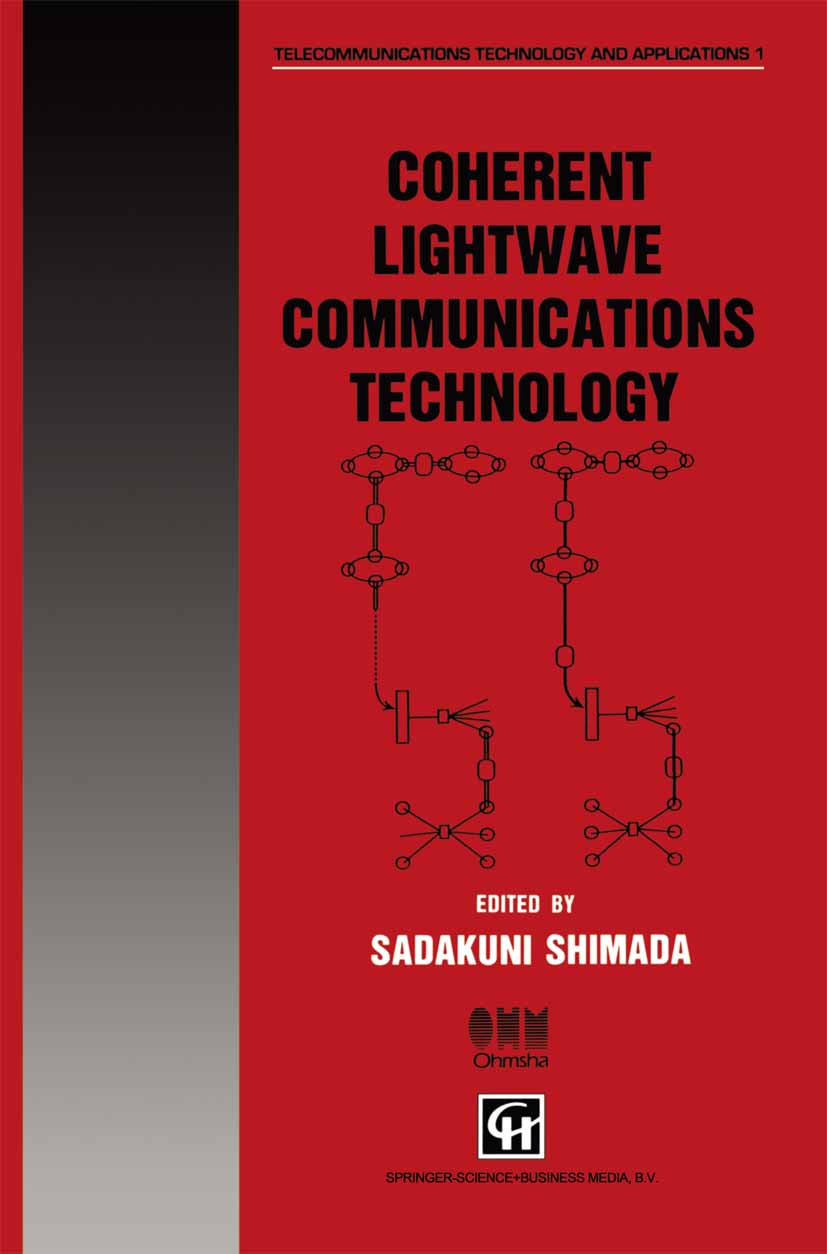
Coherent Lightwave Communications Technology This book covers a wide range of technical issues relating to lightwave technologies using high coherence lightwaves. Electromagnetic wave communication started when the first wireless system was invented by Marconi in 1895. However, we had to wait about one hundred years to realize a similar technology in the lightwave frequency region. The invention of lasers in 1960 and two technology innovations in 1970 -low loss silica fiber and semiconductor lasers operating at room temperature - promoted the development of fiber-optic transmission systems. The deployment of high-speed long-haul fiber-optic transmission systems has led to the formation of domestic and international trunk networks. The installed fiber cables in local loop plants provide multimedia communication services including broadband video. However, present lightwave communication systems do not fully utilize the fruitful potential oflightwaves, namely the capacity of extremely high frequency electromagnetic information carrier waves. The frequency oflightwaves used for fiber-optic transmission is about 200 THz 14 (2 x 10 Hz), and the frequency bandwidth of the fiber low loss region is about 13 20 THz (2 x 10 Hz). Recent developments of narrow spectrum width semiconduc tor laser and planar optical waveguide devices offer us the possibilities for a new generation of lightwave-based communication systems. This book focuses on system aspects ofthe new generation lightwave communi cation technologies such as optical frequency division multiplexing and coherent detection. Chapter 1 overviews lightwave communication system technology. TECHNOLOGY & ENGINEERING,Electronics,General
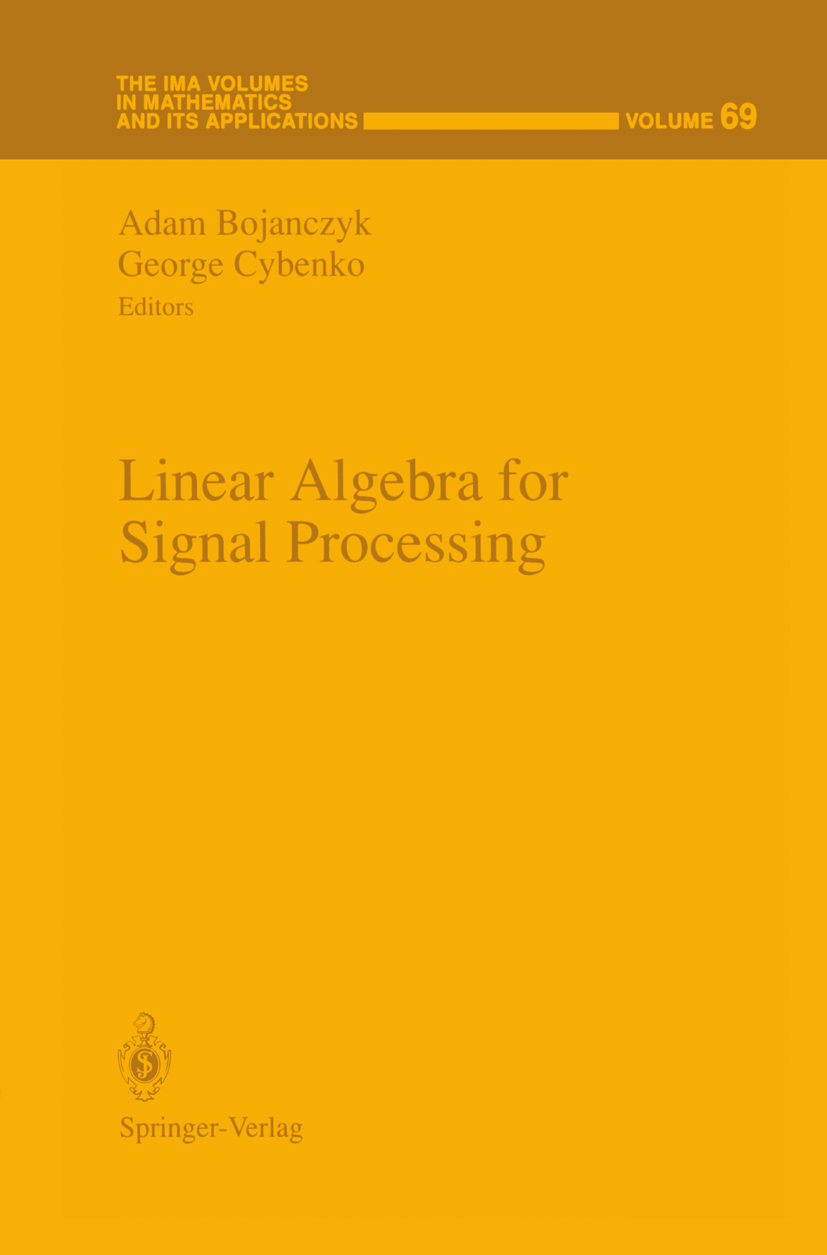
Linear Algebra for Signal Processing Signal processing applications have burgeoned in the past decade. During the same time, signal processing techniques have matured rapidly and now include tools from many areas of mathematics, computer science, physics, and engineering. This trend will continue as many new signal processing applications are opening up in consumer products and communications systems. In particular, signal processing has been making increasingly sophisticated use of linear algebra on both theoretical and algorithmic fronts. This volume gives particular emphasis to exposing broader contexts of the signal processing problems so that the impact of algorithms and hardware can be better understood; it brings together the writings of signal processing engineers, computer engineers, and applied linear algebraists in an exchange of problems, theories, and techniques. This volume will be of interest to both applied mathematicians and engineers. TECHNOLOGY & ENGINEERING,Electronics,General
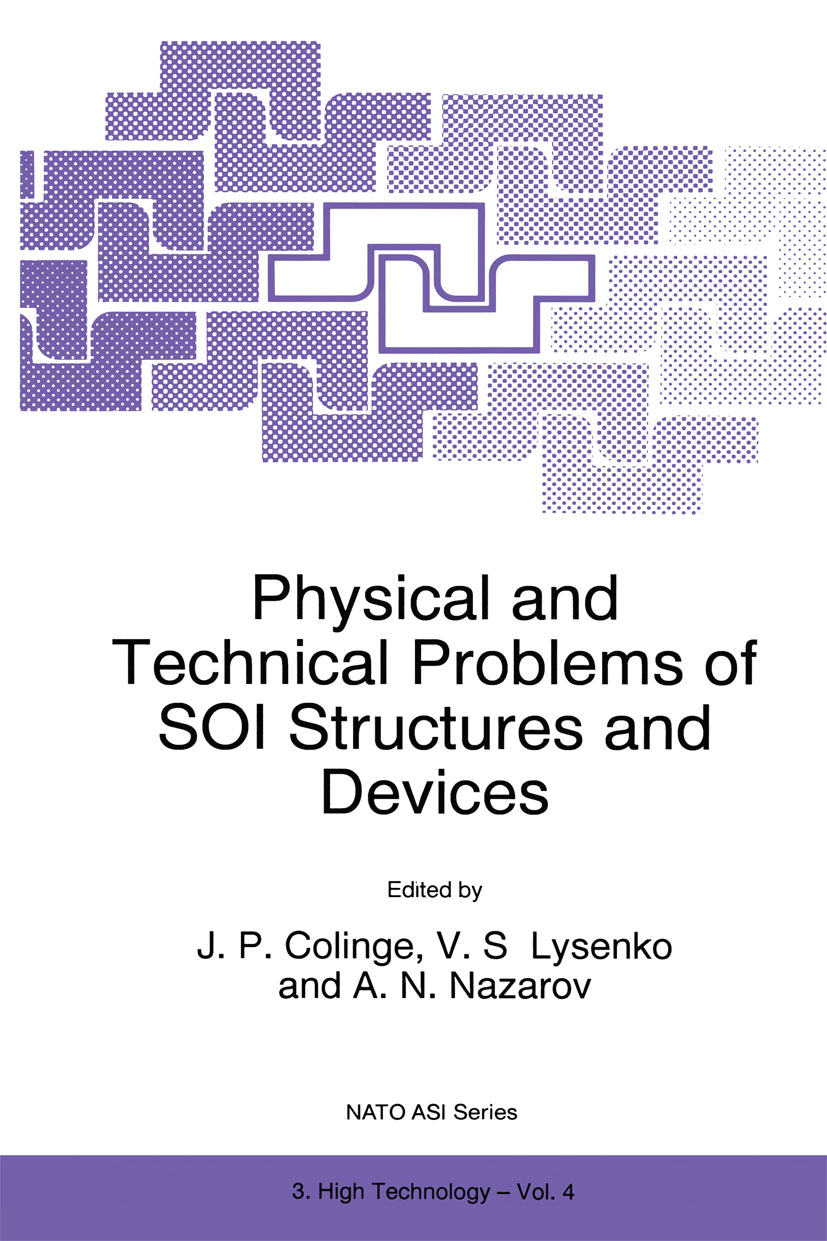
Physical and Technical Problems of SOI Structures and Devices Proceedings of the NATO Advanced Research Workshop, Gurzuf, Ukraine, November 1--4, 1994 TECHNOLOGY & ENGINEERING,Electronics,General
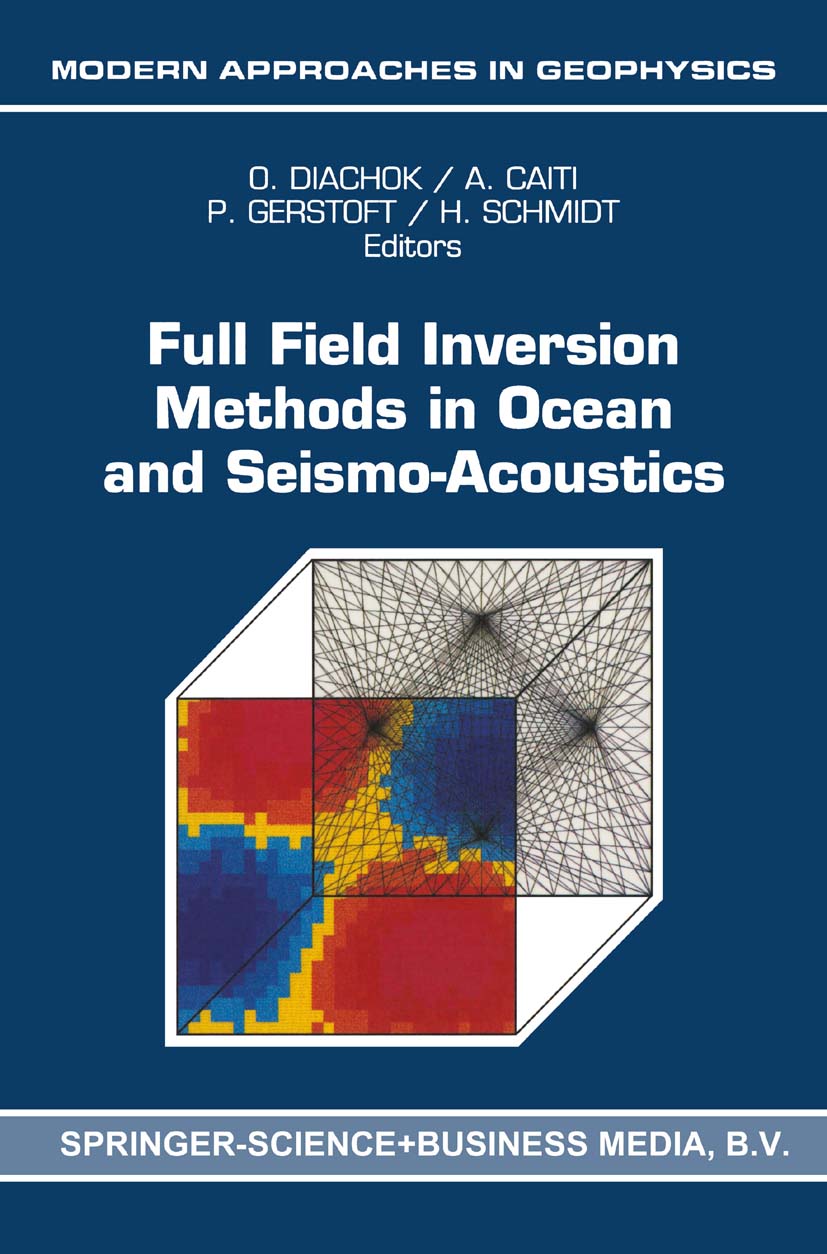
Full Field Inversion Methods in Ocean and Seismo-Acoustics Recent advances in the power of inversion methods, the accuracy of acoustic field prediction codes, and the speed of digital computers have made the full field inversion of ocean and seismic parameters on a large scale a practical possibility. These methods exploit amplitude and phase information detected on hydrophone/geophone arrays, thereby extending traditional inversion schemes based on time of flight measurements. Full field inversion methods provide environmental information by minimising the mismatch between measured and predicted acoustic fields through a global search of possible environmental parameters. Full Field Inversion Methods in Ocean and Seismo-Acoustics is the formal record of a conference held in Italy in June 1994, sponsored by NATO SACLANT Undersea Research Centre. It includes papers by NATO specialists and others. Topics covered include: · speed and accuracy of acoustic field prediction codes · signal processing strategies · global inversion algorithms · search spaces of environmental parameters · environmental stochastic limitations · special purpose computer architectures · measurement geometries · source and receiving sensor technologies. TECHNOLOGY & ENGINEERING,Electronics,General
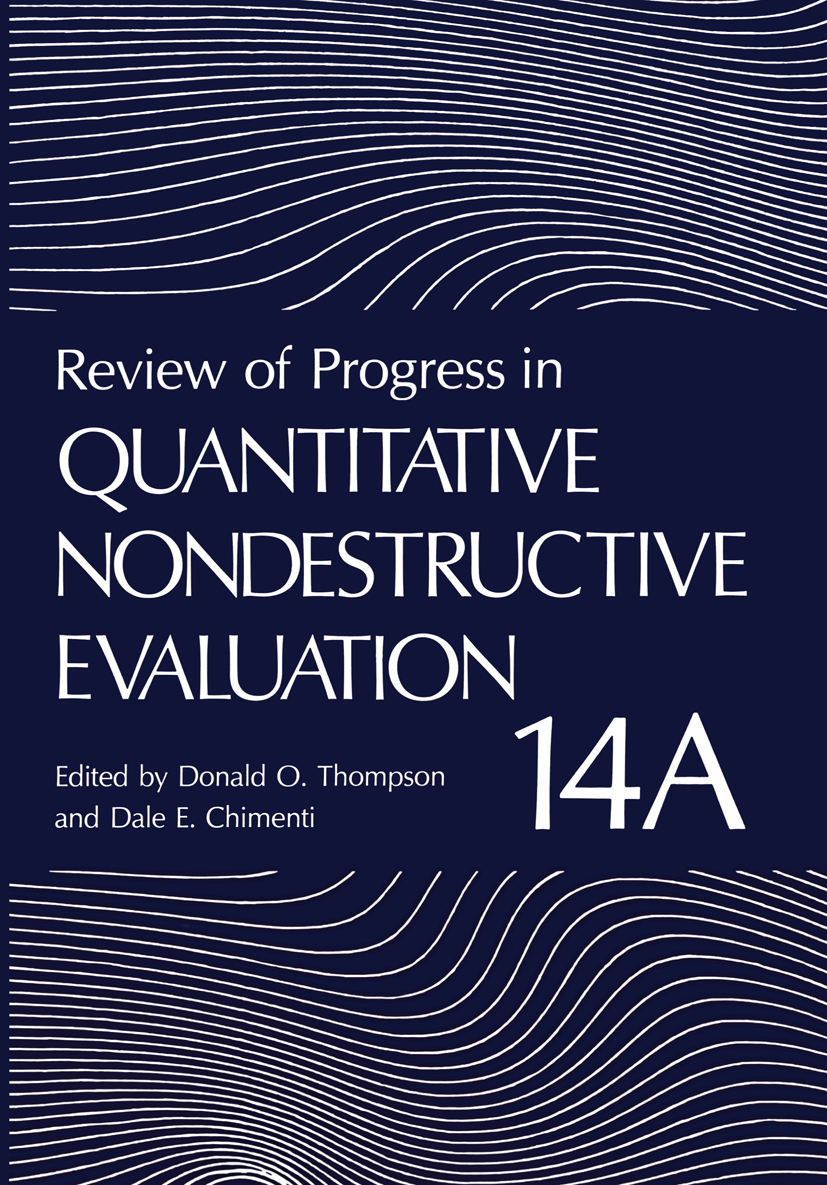
Review of Progress in Quantitative Nondestructive Evaluation Proceedings of the Twenty-First Symposium held in Snowmass Village, Colorado, July 31-August 5, 1994 TECHNOLOGY & ENGINEERING,Electronics,General
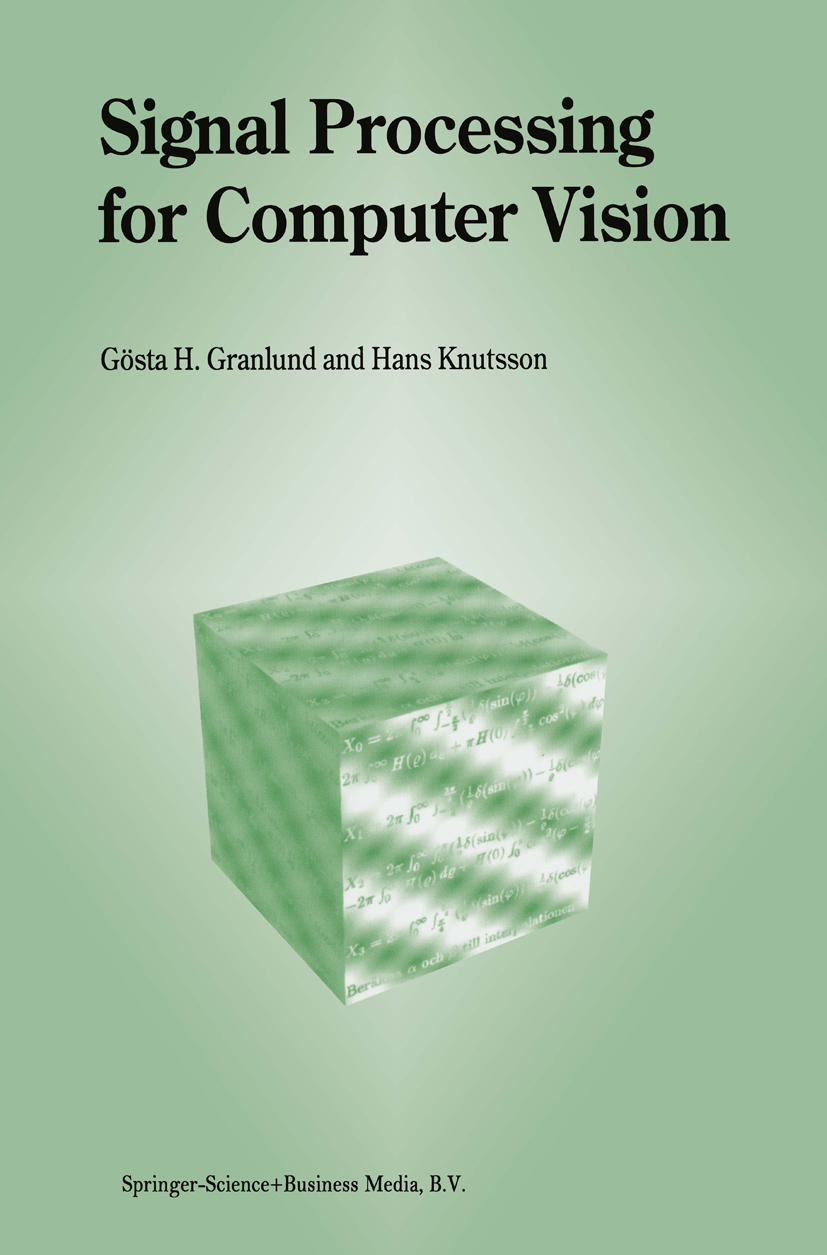
Signal Processing for Computer Vision Signal Processing for Computer Vision is a unique and thorough treatment of the signal processing aspects of filters and operators for low-level computer vision. Computer vision has progressed considerably over recent years. From methods only applicable to simple images, it has developed to deal with increasingly complex scenes, volumes and time sequences. A substantial part of this book deals with the problem of designing models that can be used for several purposes within computer vision. These partial models have some general properties of invariance generation and generality in model generation. Signal Processing for Computer Vision is the first book to give a unified treatment of representation and filtering of higher order data, such as vectors and tensors in multidimensional space. Included is a systematic organisation for the implementation of complex models in a hierarchical modular structure and novel material on adaptive filtering using tensor data representation. Signal Processing for Computer Vision is intended for final year undergraduate and graduate students as well as engineers and researchers in the field of computer vision and image processing. TECHNOLOGY & ENGINEERING,Electronics,General
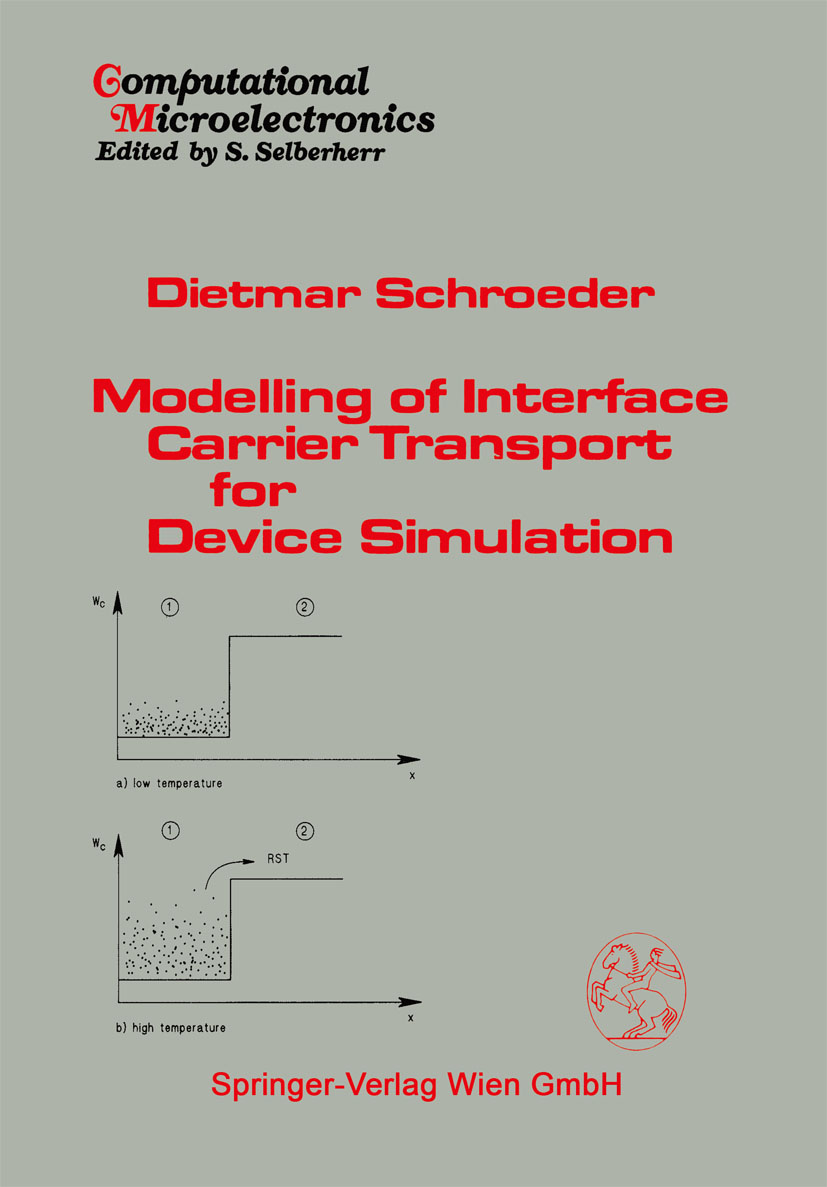
Modelling of Interface Carrier Transport for Device Simulation This book represents a comprehensive text devoted to charge transport at semiconductor interfaces and its consideration in device simulation by interface and boundary conditions. It contains a broad review of the physics, modelling and simulation of electron transport at interfaces in semiconductor devices. Particular emphasis is put on the consistent deriva tion of interface or boundary conditions for semiconductor device simula tion. The book is of interest with respect to a wide range of electronic engineering activities, as process design, device design, process character ization, research in microelectronics, or device simulator development. It is also useful for students and lecturers in courses of electronic engineering, and it supplements the library of technically oriented solid-state physicists. The deepest roots of this book date back to the mid-seventies. Being a student of electrical engineering, who was exposed for the first time to the material of semiconductor device electronics, I was puzzled by noticing that much emphasis was put on a thorough introduction and understand ing of the basic semiconductor equations, while the boundary conditions for these equations received very much less attention. Until today on many occasions one could get the impression that boundary conditions are unimportant accessories; they do not stand on their own besides the bulk transport equations, although it is clear that they are of course a necessary complement of these. TECHNOLOGY & ENGINEERING,Electronics,General
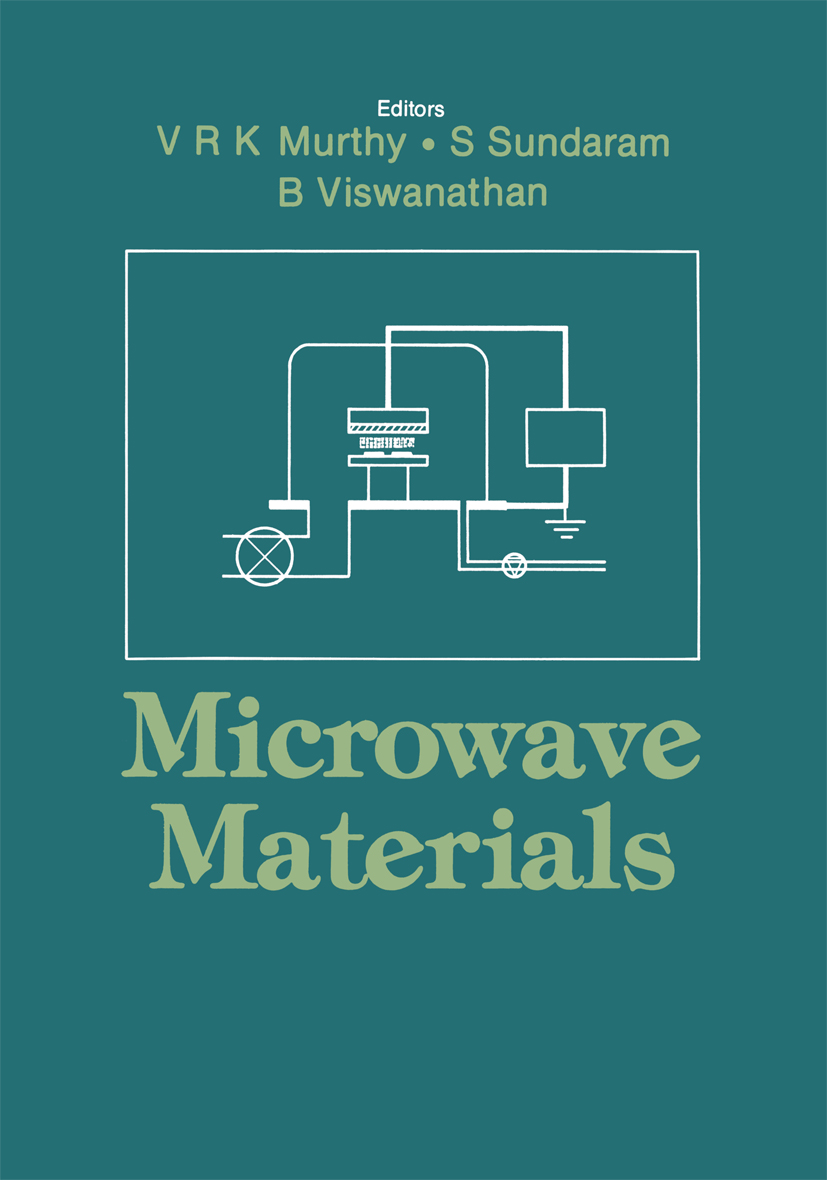
Microwave Materials Solid State Materials have been gaining importance in recent times especially in the context of devices which can provide necessary infrastructure and flexibility for various human endeavours. In this context, microwave materials have a unique place especially in various device applications as well as in communication networks. Various technological developments are taking place in fine-tuning these materials for specific applicatio"ns and in fixed band frequencies. Though the science and technology of these materials has reached an advanced stage, systematic attempts are still lacking in bringing all available information in a single source. The present. volume is a modest attempt in this direction, though it cannot be considered to be the one that satisfies completely desired components and information required. The editors have enlisted certain articles of interest in this area, especially those dealing with measurement techniques, chapters dealing with materials like Ferrites, YIGs, Radome and high Tc superconducting materials which are of current interest. The editors are fully aware that the coverages are not comprehensive either in scope or in depth. The purpose of this volume is only to acquaint oneself of certain aspects of a fast developing field. The editors will be grateful for any comments or suggestions in this endeavour. V. R. K. MURTHY S. SUNDARAM B. VISWANATHAN Contents Preface v 1. Materials and Processes in Microwave Integrated Circuits Fabrication 1 T. Rs. Reddy 2. Materials and Technology for Microwave Integrated Circuits 30 Bharathi Bhat and Shiban K. Koul 3. TECHNOLOGY & ENGINEERING,Electronics,General
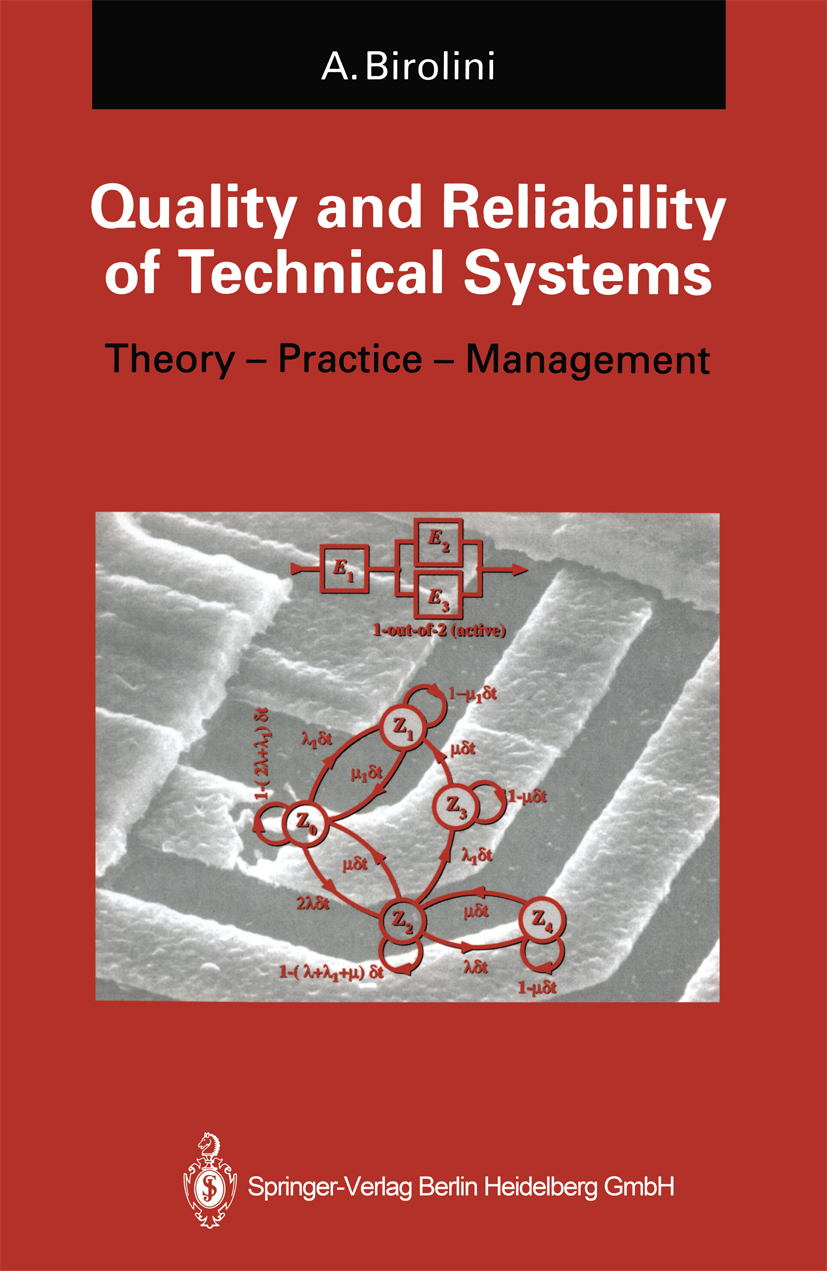
Quality and Reliability of Technical Systems High reliability, maintainability, and safety are expected from complex equipment and systems. To build these characteristics into an item, failure rate and failure mode analyses have to be performed early in the design phase, starting at the com ponent level, and have to be supported by a set of design guidelines for reliability and maintainability as well as by extensive design reviews. Before production, qualification tests of prototypes must ensure that quality and reliability targets have been reached. In the production phase, processes and procedures have to be selec ted and monitored to assure the required quality level. For many systems, availabi lity requirements must also be satisfied. In these cases, stochastic processes can be used to investigate and optimize availability, including logistical support. This book presents the state of the art of the methods and procedures necessary for a cost and time effective quality and reliability assurance during the design and production of equipment and systems. It takes into consideration that: 1. Quality and reliability assurance of complex equipment and systems requires that all engineers involved in a project undertake a set of specific activities from the definition to the operating phase, which are performed concurrently to achieve the best performance, quality, and reliability for given cost and time schedule targets. TECHNOLOGY & ENGINEERING,Electronics,General

Materials and Crystallographic Aspects of HTc-Superconductivity Proceedings of the NATO Advanced Study Institute, Erice, Sicily, Italy, May 17--30, 1993 TECHNOLOGY & ENGINEERING,Electronics,General
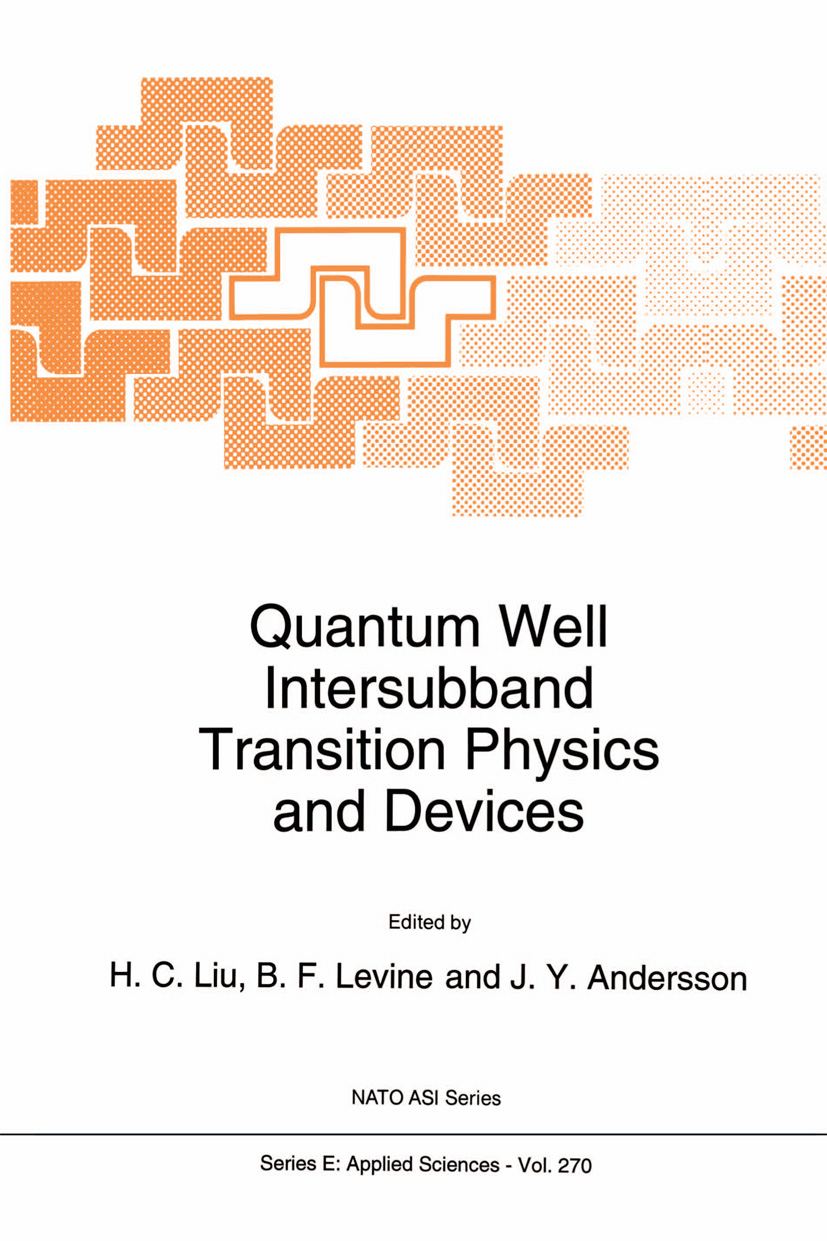
Quantum Well Intersubband Transition Physics and Devices Proceedings of the NATO Advanced Research Workshop, Whistler, Canada, September 7--10, 1993 TECHNOLOGY & ENGINEERING,Electronics,General
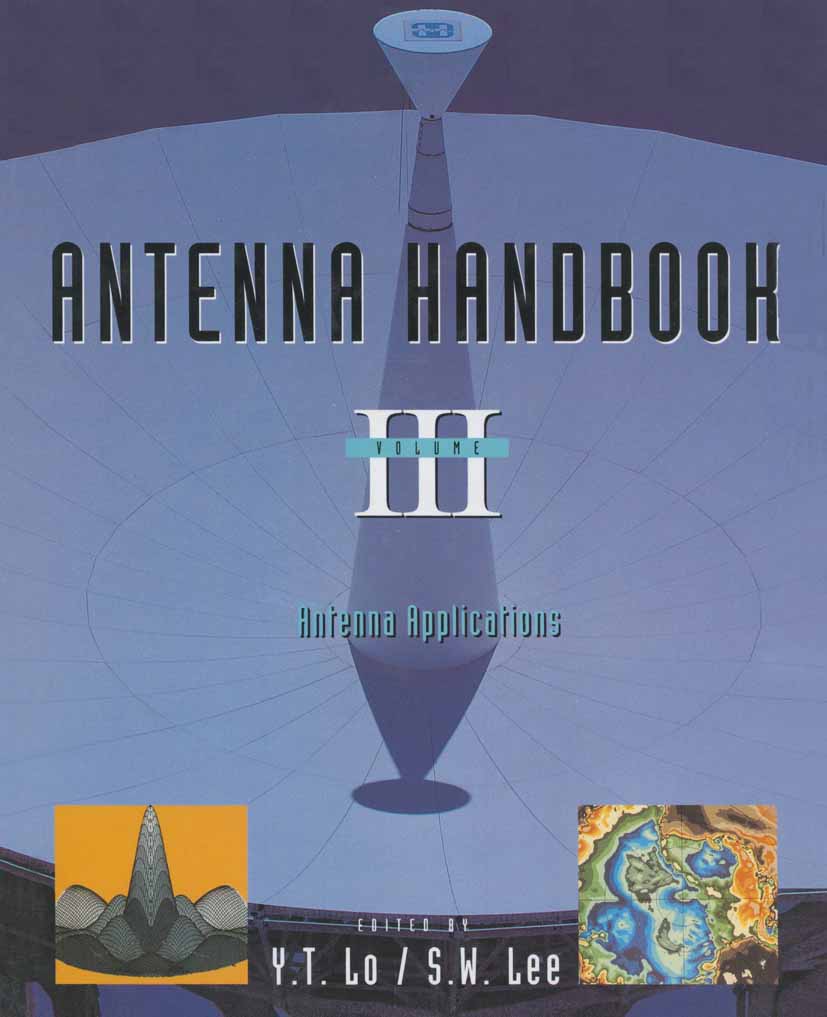
Antenna Handbook Technology has advanced to such a degree over the last decade that it has been almost impossible to find up-to-date coverage of antennas. Antenna Handbook, edited by two of the world's most distinguished antenna speciallists, presents the most advanced antenna theory and designs and demonstrates their application in a wide variety of technical fields. They offer a staggering amount of in-depth data and analysis on a wide range of topics, supported by formulas, curves, and results, as well as derivations. TECHNOLOGY & ENGINEERING,Electronics,General

Solid State Luminescence Historically, black body radiation in the tungsten filament lamp was our primary industrial means for producing 'artificial' light, as it replaced gas lamps. Solid state luminescent devices for applications ranging from lamps to displays have proliferated since then, particularly owing to the develop ment of semiconductors and phosphors. Our lighting products are now mostly phosphor based and this 'cold light' is replacing an increasing fraction of tungsten filament lamps. Even light emitting diodes now chal lenge such lamps for automotive brake lights. In the area of information displays, cathode ray tube phosphors have proved themselves to be outstandingly efficient light emitters with excellent colour capability. The current push for flat panel displays is quite intense, and much confusion exists as to where development and commercialization will occur most rapidly, but with the need for colour, it is now apparent that solid state luminescence will play a primary role, as gas phase plasma displays do not conveniently permit colour at the high resolution needed today. The long term challenge to develop electroluminescent displays continues, and high performance fluorescent lamps currently illuminate liquid crystal monochrome and colour displays. The development of tri component rare earth phosphors is of particular importance. TECHNOLOGY & ENGINEERING,Electronics,General
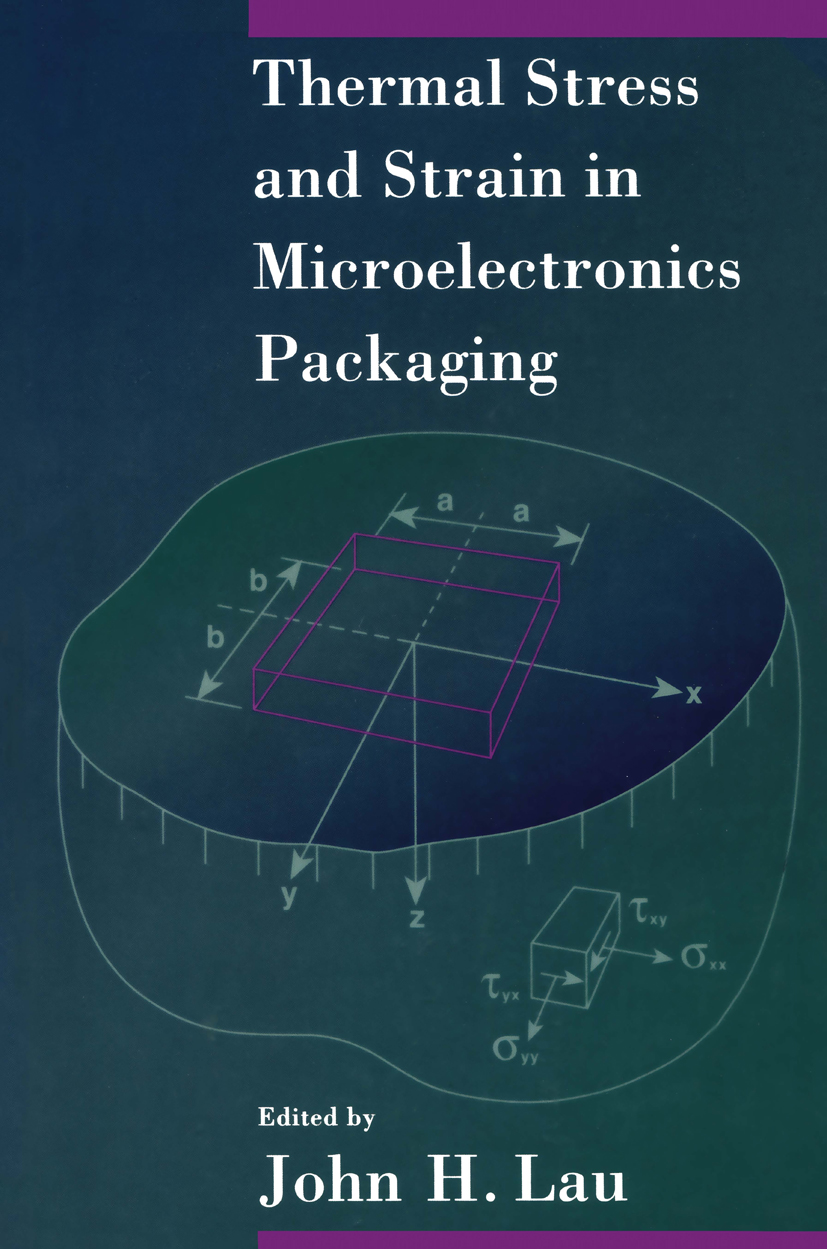
Thermal Stress and Strain in Microelectronics Packaging Microelectronics packaging and interconnection have experienced exciting growth stimulated by the recognition that systems, not just silicon, provide the solution to evolving applications. In order to have a high density/ performance/yield/quality/reliability, low cost, and light weight system, a more precise understanding of the system behavior is required. Mechanical and thermal phenomena are among the least understood and most complex of the many phenomena encountered in microelectronics packaging systems and are found on the critical path of neatly every design and process in the electronics industry. The last decade has witnessed an explosive growth in the research and development efforts devoted to determining the mechanical and thermal behaviors of microelectronics packaging. With the advance of very large scale integration technologies, thousands to tens of thousands of devices can be fabricated on a silicon chip. At the same time, demands to further reduce packaging signal delay and increase packaging density between communicat ing circuits have led to the use of very high power dissipation single-chip modules and multi-chip modules. The result of these developments has been a rapid growth in module level heat flux within the personal, workstation, midrange, mainframe, and super computers. Thus, thermal (temperature, stress, and strain) management is vital for microelectronics packaging designs and analyses. How to determine the temperature distribution in the elec tronics components and systems is outside the scope of this book, which focuses on the determination of stress and strain distributions in the electronics packaging. TECHNOLOGY & ENGINEERING,Electronics,General
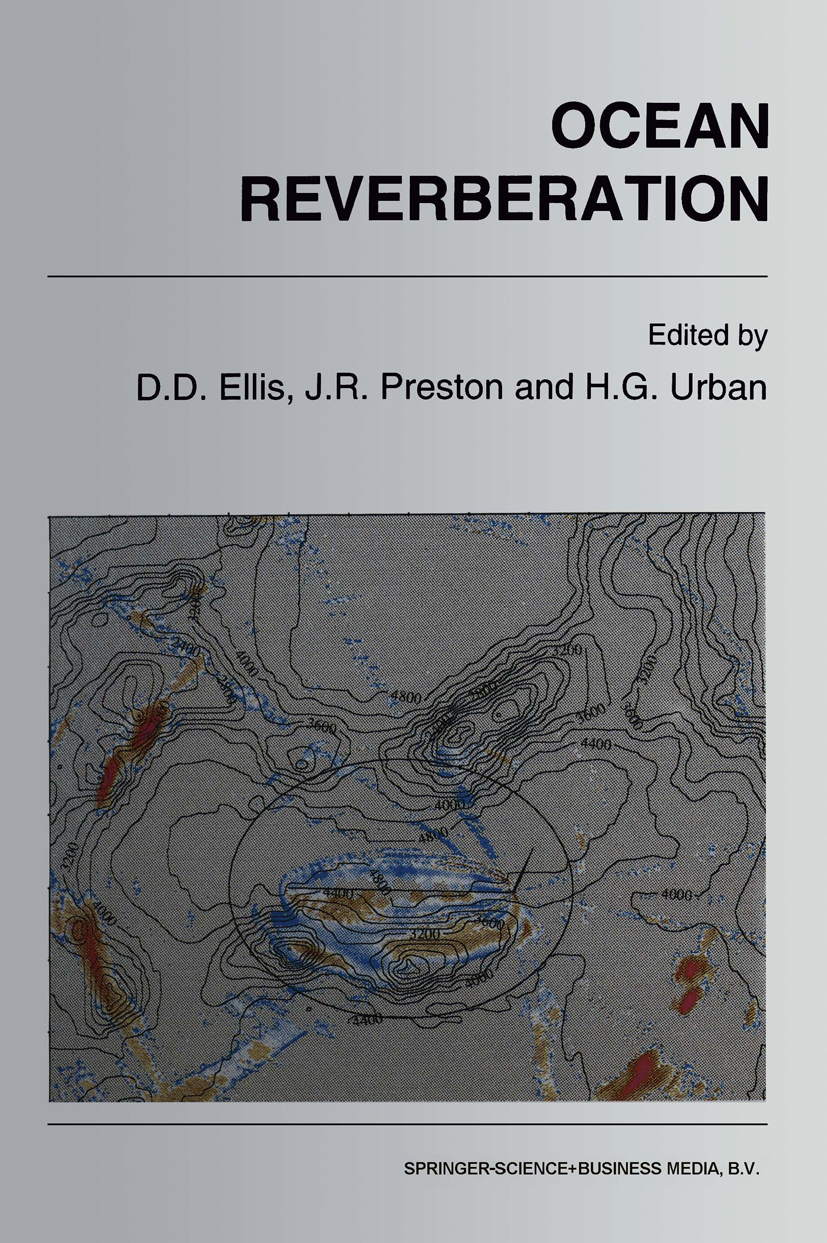
Ocean Reverberation During the past decade there has been a renewed interest in active sonar systems at both low and medium frequencies. More recently this interest has been extended to very high frequencies in shallow water. Reverberation often limits the detection performance of these systems, and there is a need to understand the underlying mechanisms that cause the scattering. With more emphasis being given to reverberation phenomena in the Scientific Program of Work at the SACLANT Undersea Research Centre, it was considered an opportune time to host a meeting, bringing together scientists from NATO countries to foster cross-disciplinary dialogue and generate ideas for new research directions. Consequently the Ocean Reverberation Symposium was held 25-29 May 1992 in La Spezia, Italy. Over 60 presentations were made on a diverse selection of topics, of which ten papers will be published as a SACLANTCEN Conference Proceedings. The papers in this volume are grouped into 8 sections, usually in the same order as presented at the corresponding session of the Symposium: Section 1 - Scattering Mechanisms Section 2 - High Frequency Measurements and Mechanisms Section 3 - Reverberation Modelling Section 4 - ARSRP Mid-Atlantic Ridge Experiment Section 5 - Low Frequency Measurements Section 6 - Volume Scattering Section 7 - Signal Processing Issues Section 8 - Applications Taken together the papers show some emerging trends in the research. TECHNOLOGY & ENGINEERING,Electronics,General
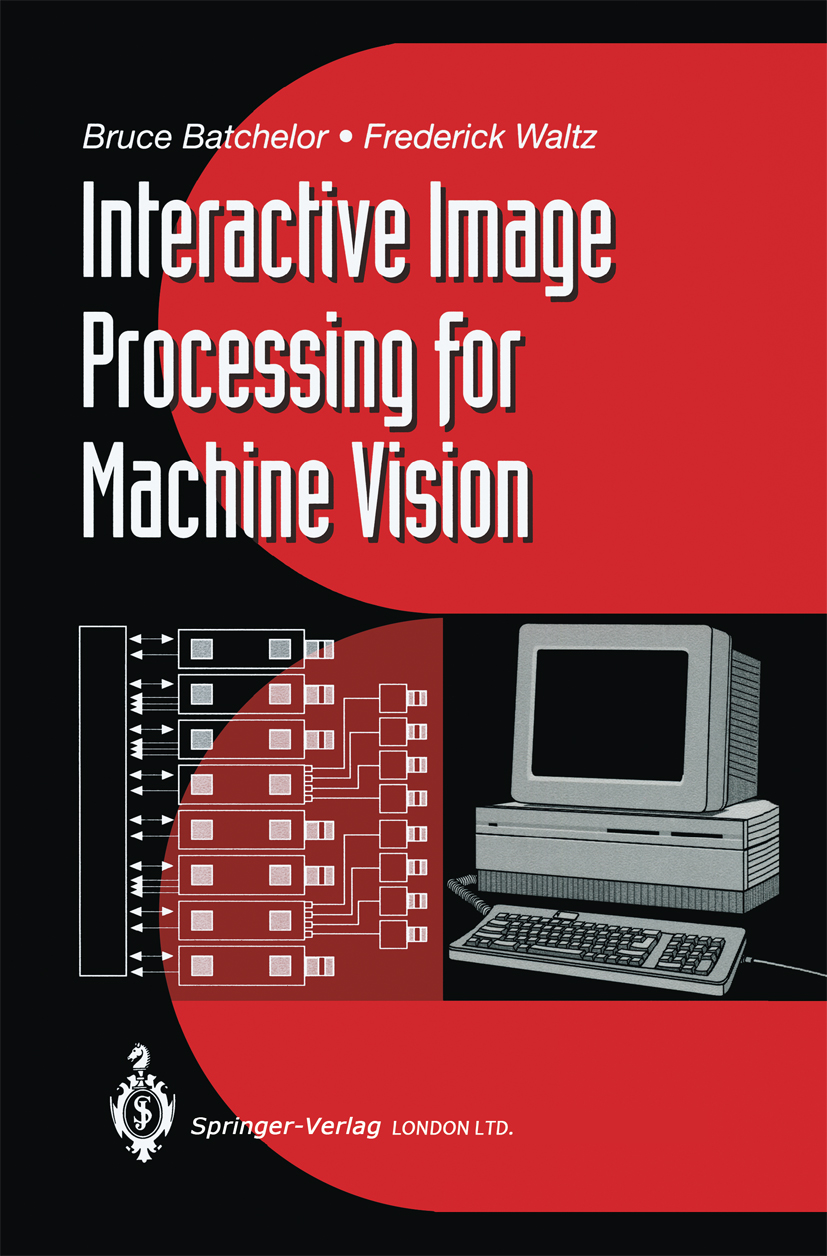
Interactive Image Processing for Machine Vision Machine vision systems offer great potential in a large number of areas of manufacturing industry and are used principally for Automated Visual Inspection and Robot Vision. This publication presents the state of the art in image processing. It discusses techniques which have been developed for designing machines for use in industrial inspection and robot control, putting the emphasis on software and algorithms. A comprehensive set of image processing subroutines, which together form the basic vocabulary for the versatile image processing language IIPL, is presented. This language has proved to be extremely effective, working as a design tool, in solving numerous practical inspection problems. The merging of this language with Prolog provides an even more powerful facility which retains the benefits of human and machine intelligence. The authors bring together the practical experience and the picture material from a leading industrial research laboratory and the mathematical foundations necessary to understand and apply concepts in image processing. Interactive Image Processing is a self-contained reference book that can also be used in graduate level courses in electrical engineering, computer science and physics. TECHNOLOGY & ENGINEERING,Electronics,General

Review of Progress in Quantitative Nondestructive Evaluation Proceedings of the Nineteenth Annual Review held in La Jolla, California, July 19-24, 1992 TECHNOLOGY & ENGINEERING,Electronics,General

Applications of Electroactive Polymers Electroactive polymers have been the object of increasing academic and industrial interest and in the past ten to fifteen years substantial progress has been achieved in the development and the characterization of this important new class of conducting materials. These materials are usually classified in two large groups, according to the mode of their electric transport. One group includes polymers having transport almost exclusively of the ionic type and they are often called 'polymer electrolytes' or, in a broader way, 'polymer ionics'. The other group includes polymeric materials where the transport mechanism is mainly electronic in nature and which are commonly termed 'conducting polymers'. Ionically conducting polymers or polymer ionics may be typically described as polar macromolecular solids in which one or more of a wide range of salts has been dissolved. The most classic example is the combina tion of poly(ethylene oxide), PEO, and lithium salts, LiX. These PEO-LiX polymer ionics were first described and proposed for applications just over ten years ago. The practical relevance of these new materials was im mediately recognized and in the course of a few years the field expanded tremendously with the involvement of many academic and industrial lab oratories. Following this diversified research activity, the ionic transport mechanism in polymer ionics was soon established and this has led to the development of new host polymers of various types, new salts and advanced polymer architectures which have enabled room temperature conductivity to be raised by several orders of magnitude. TECHNOLOGY & ENGINEERING,Electronics,General
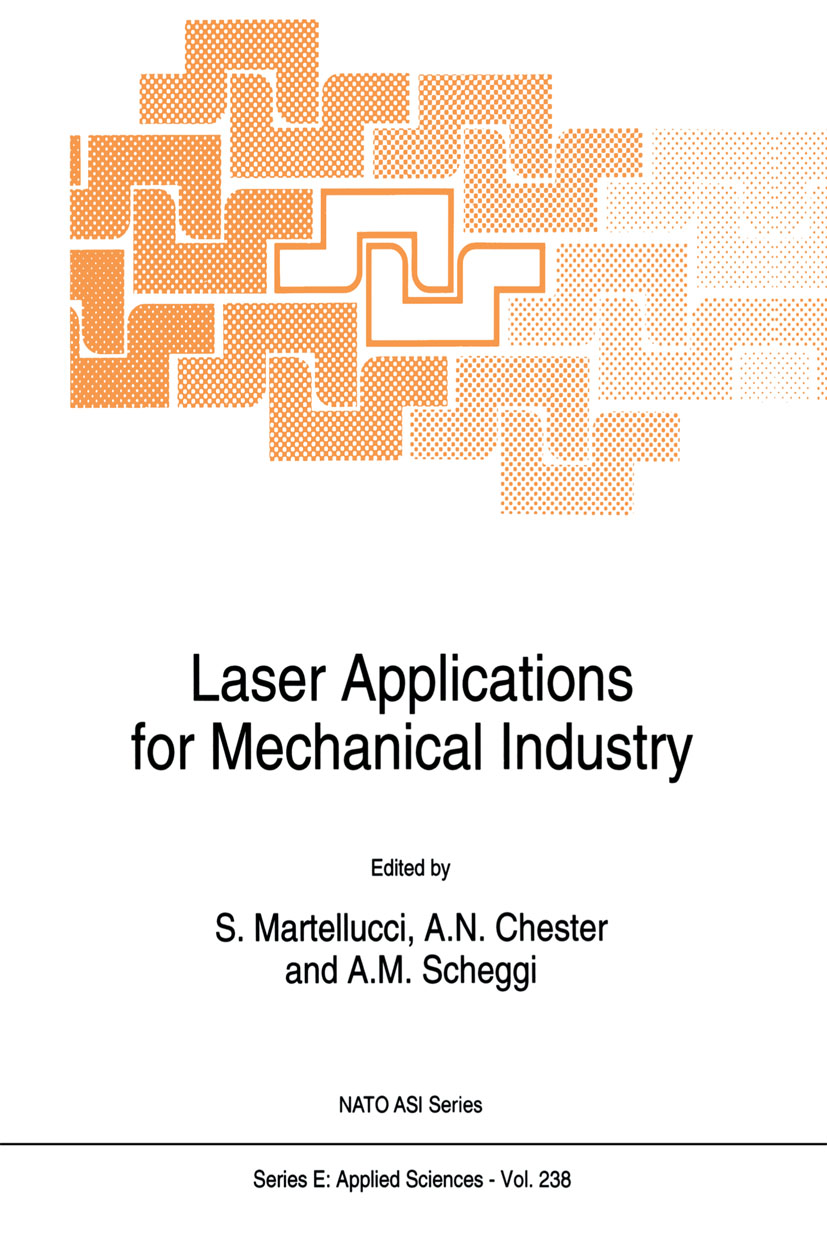
Laser Applications for Mechanical Industry Proceedings of the NATO Advanced Study Institute, Erice, Trapani, Italy, April 4-16, 1992 TECHNOLOGY & ENGINEERING,Electronics,General

Multigrid Methods for Process Simulation It was about 1985 when both of the authors started their work using multigrid methods for process simulation problems. This happened in dependent from each other, with a completely different background and different intentions in mind. At this time, some important monographs appeared or have been in preparation. There are the three "classical" ones, from our point of view: the so-called "1984 Guide" [12J by Brandt, the "Multi-Grid Methods and Applications" [49J by Hackbusch and the so-called "Fundamentals" [132J by Stiiben and Trottenberg. Stiiben and Trottenberg in [132J state a "delayed acceptance, resent ments" with respect to multigrid algorithms. They complain: "Nevertheless, even today's situation is still unsatisfactory in several respects. If this is true for the development of standard methods, it applies all the more to the area of really difficult, complex applications." In spite of all the above mentioned publications and without ignoring important theoretical and practical improvements of multigrid, this situa tion has not yet changed dramatically. This statement is made under the condition that a numerical principle like multigrid is "accepted", if there exist "professional" programs for research and production purposes. "Professional" in this context stands for "solving complex technical prob lems in an industrial environment by a large community of users". Such a use demands not only for fast solution methods but also requires a high robustness with respect to the physical parameters of the problem. TECHNOLOGY & ENGINEERING,Electronics,General
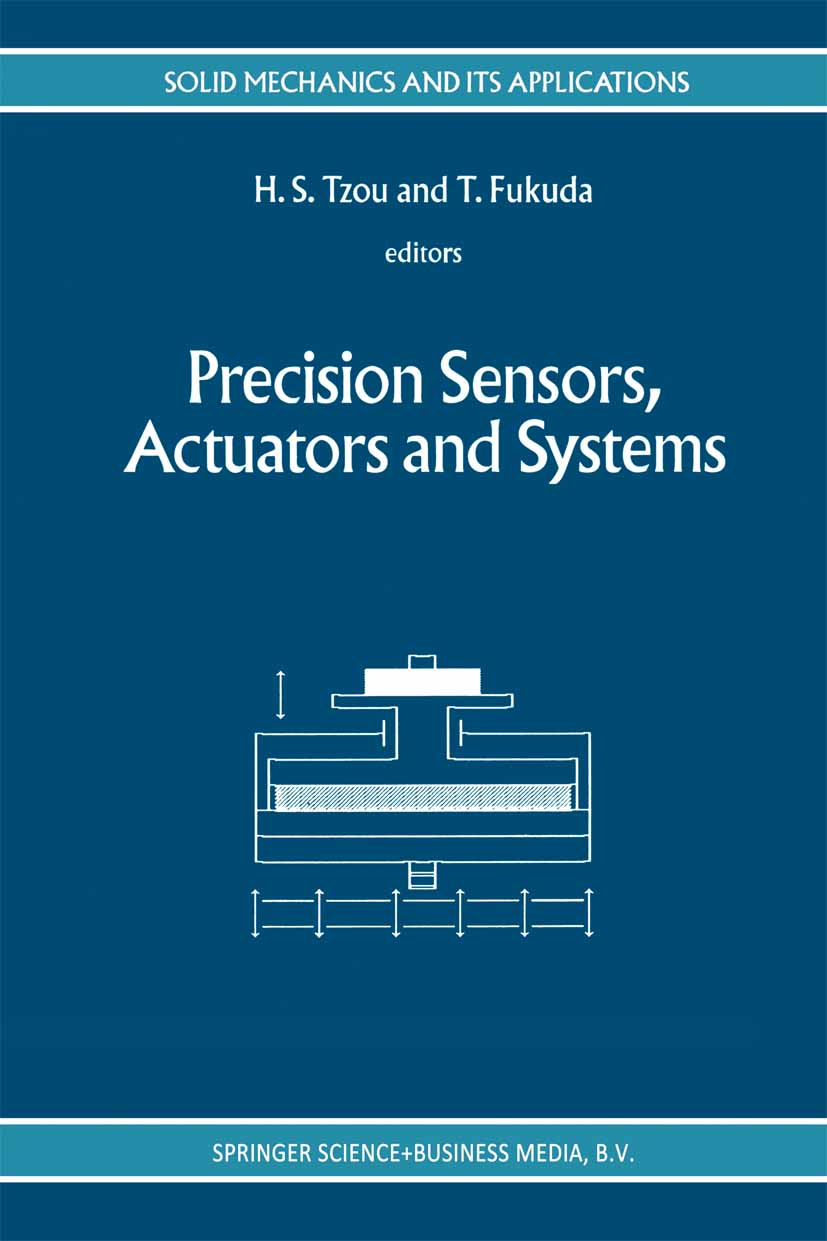
Precision Sensors, Actuators and Systems Research into and development of high-precision systems, microelectromechanical systems, distributed sensors/actuators, smart structural systems, high-precision controls, etc. have drawn much attention in recent years. These new devices and systems will bring about a new technical revolution in modern industries and impact future human life. This book presents a unique overview of these technologies such as silicon based sensors/actuators and control piezoelectric micro sensors/actuators, micro actuation and control, micro sensor applications in robot control, optical fiber sensors/systems, etc. These are four essential subjects emphasized in the book: 1. Survey of the (current) research and development; 2. Fundamental theories and tools; 3. Practical applications. 4. Outlining future research and development. TECHNOLOGY & ENGINEERING,Electronics,General
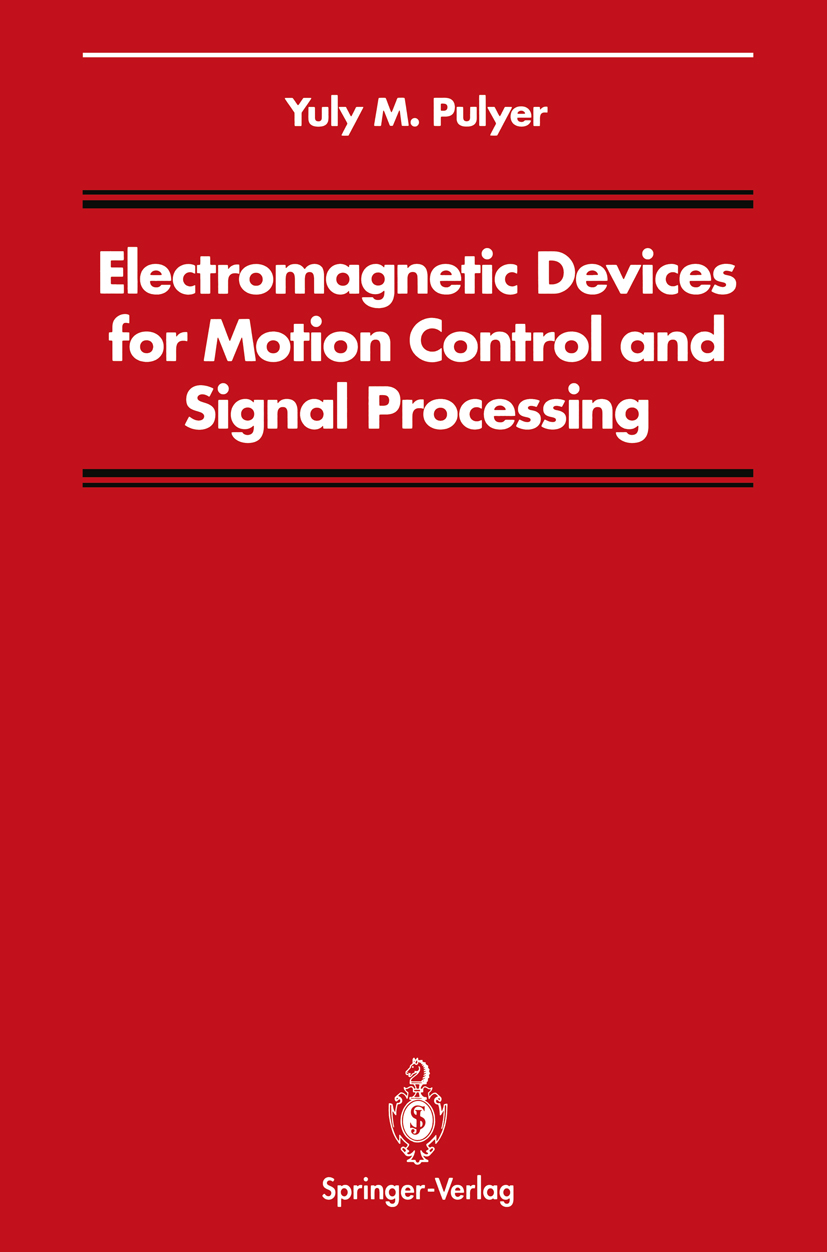
Electromagnetic Devices for Motion Control and Signal Processing This book is dedicated to electrical and mechanical engineers involved with the design of magnetic devices for motion con trol and other instrumentation that uses magnetic principles and technology. It can be of benefit to graduate and postgrad uate students to gain experience with electro-magnetic princi ples and also with different aspects of magnetic coupling mech anisms and magnetic circuitry analysis for the design of devices such as electrical servo motors, tachogenerators, encoders, gyro magnetic suspension systems, electro-magnetic strip lines, and other electro-magnetic instruments. The rapidly growing areas of production automation, robotics, precise micro-electronics, and pilot navigation place demands on motion control technology in terms of accuracy, reliability, cost effectiveness, and miniaturization. New ferromagnetic materials having quasi-linear and non-linear high-squareness characteris tics as well as high-energy permanent magnets, fine lithography, and high-t.emperature superconductivit.y (t.o be expected com mercially) motivate the implementation of new motion control components that exploit these new materials and technologies. This book presents classical miniature electrical machine de signs as well as several modifications in the geometry of mag netic couplings which lead to new motor and encoder design methodologies and other motion control devices such as new coil deposition patterns for incremental and absolute encoders, free spherical gyro suspension in a traveling magnetic field for navigation instrumentation, and magnetic strip lines in combi nation with resistive and capacitive media to generate a variety of low-noise LC filters and other signal processing devices. TECHNOLOGY & ENGINEERING,Electronics,General
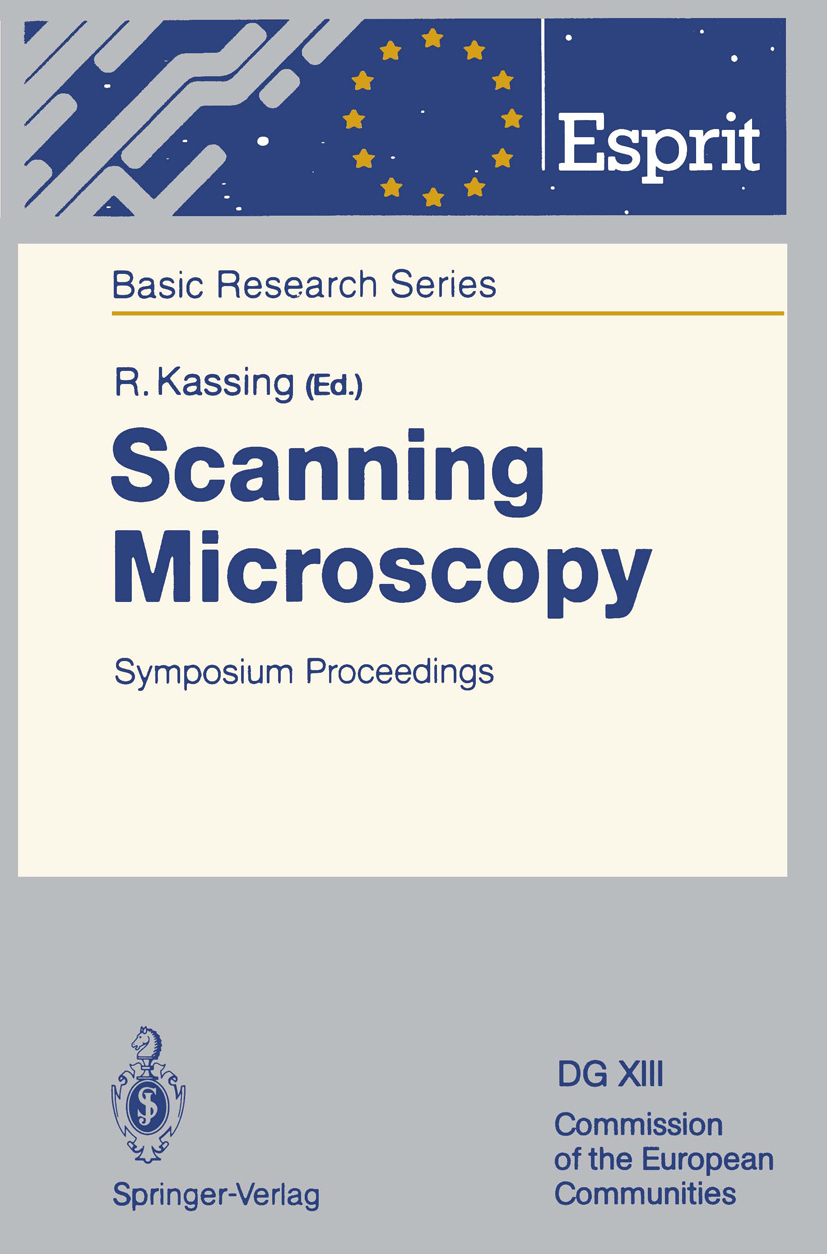
Scanning Microscopy With the invention of the scanning tunneling microscope in 1982 by Binnig and Rohrer and the subsequent award of the Nobel Prize, the field of scan ning microscopy was given a strong boost in view of its wide range of ap plications. In particular, expanding the capability to access nature's foundations at the atomic level is now recognized as having the potential for major impact in Infonnation Technology. This third volume of the ESPRIT Basic Research Series provides a well structured overview of the state of the art of scanning microscopy and re cent advances including results of ESPRIT Basic Research Actions 3109 and 3314. April 1992 G. Metakides Preface The IMO Symposium Fall '90, Wetzlar, FRO, October 1/2, 1990, brought together leading scientists and researchers in scanning microscopy from re search institutes and industries, each of whom was invited to contribute a lecture which was followed by a discussion. The resulting contributions are contained in this proceedings. Microscopic techniques are used not only for research work in material and life science but also for routine applications in almost any vital section of our everyday life. The demand for coming to a better understanding of materials and their behaviour under different conditions and environments as well as all aspects of human life initiated an ongoing development for improved microscopic techniques. TECHNOLOGY & ENGINEERING,Electronics,General
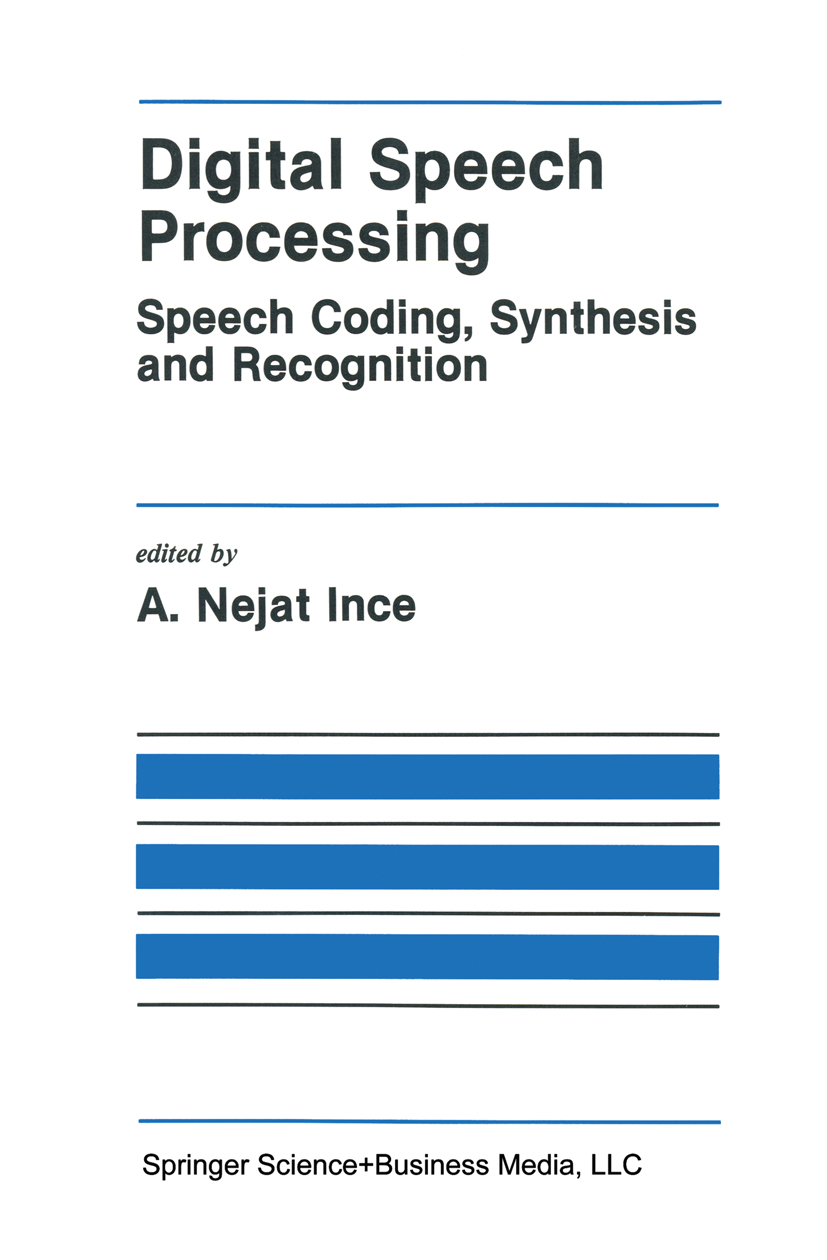
Digital Speech Processing After alm ost three scores of years of basic and applied research, the field of speech processing is, at present, undergoing a rapid growth in terms of both performance and applications and this is fueHed by the advances being made in the areas of microelectronics, computation and algorithm design.Speech processing relates to three aspects of voice communications: -Speech Coding and transmission which is mainly concerned with man-to man voice communication. -Speech Synthesis which deals with machine-to-man communication. -Speech Recognition which is related to man-to-machine communication. Widespread application and use of low-bit rate voice codec.>, synthesizers and recognizers which are all speech processing products requires ideaHy internationally accepted quality assessment and evaluation methods as weH as speech processing standards so that they may be interconnected and used independently of their designers and manufacturers without costly interfaces. This book presents, in a tutorial manner, both fundamental and applied aspects of the above topics which have been prepared by weH-known specialists in their respective areas. The book is based on lectures which were sponsored by AGARD/NATO and delivered by the authors, in several NATO countries, to audiences consisting mainly of academic and industrial R&D engineers and physicists as weH as civil and military C3I systems planners and designers. TECHNOLOGY & ENGINEERING,Electronics,General
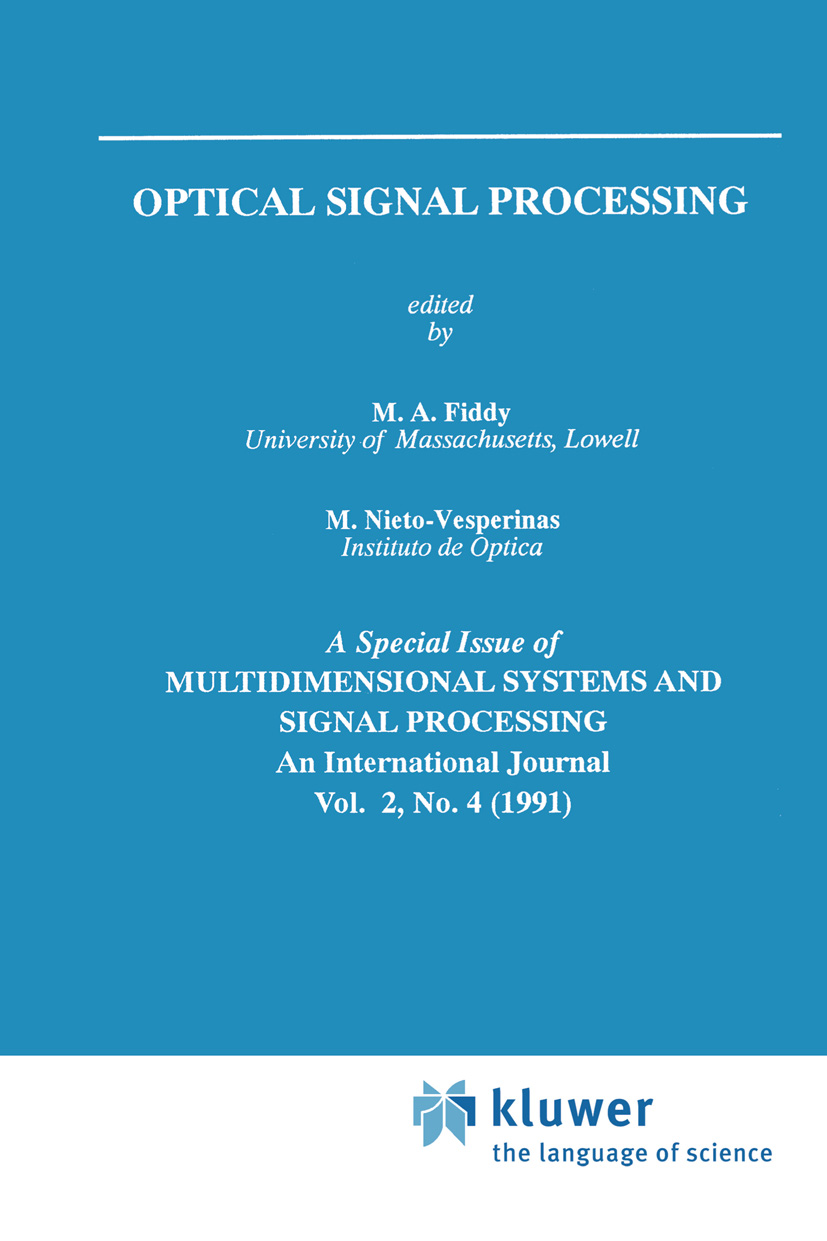
Optical Signal Processing TECHNOLOGY & ENGINEERING,Electronics,General

Handbook of Recording Engineering John Eargle's 4th edition of The Handbook of Recording Engineering is the latest version of his long-time classic hands-on book for aspiring recording engineers. It follows the broad outline of its predecessors, but has been completely recast for the benefit of today's training in recording and its allied arts and sciences. Digital recording and signal processing are covered in detail, as are actual studio miking and production techniques -- including the developing field of surround sound. As always, the traditional topics of basic stereo, studio acoustics, analog tape recording, and the stereo LP are covered in greater detail than you are likely to find anywhere except in archival references.This book has been completely updated with numerous new topics added and outdated material removed. Many technical descriptions are now presented in Sidebars, leaving the primary text for more general descriptions.Handbook of Recording Engineering, Fourth Edition is for students preparing for careers in audio, recording, broadcast, and motion picture sound work. It will also be useful as a handbook for professionals already in the audio workplace. TECHNOLOGY & ENGINEERING,Electronics,General
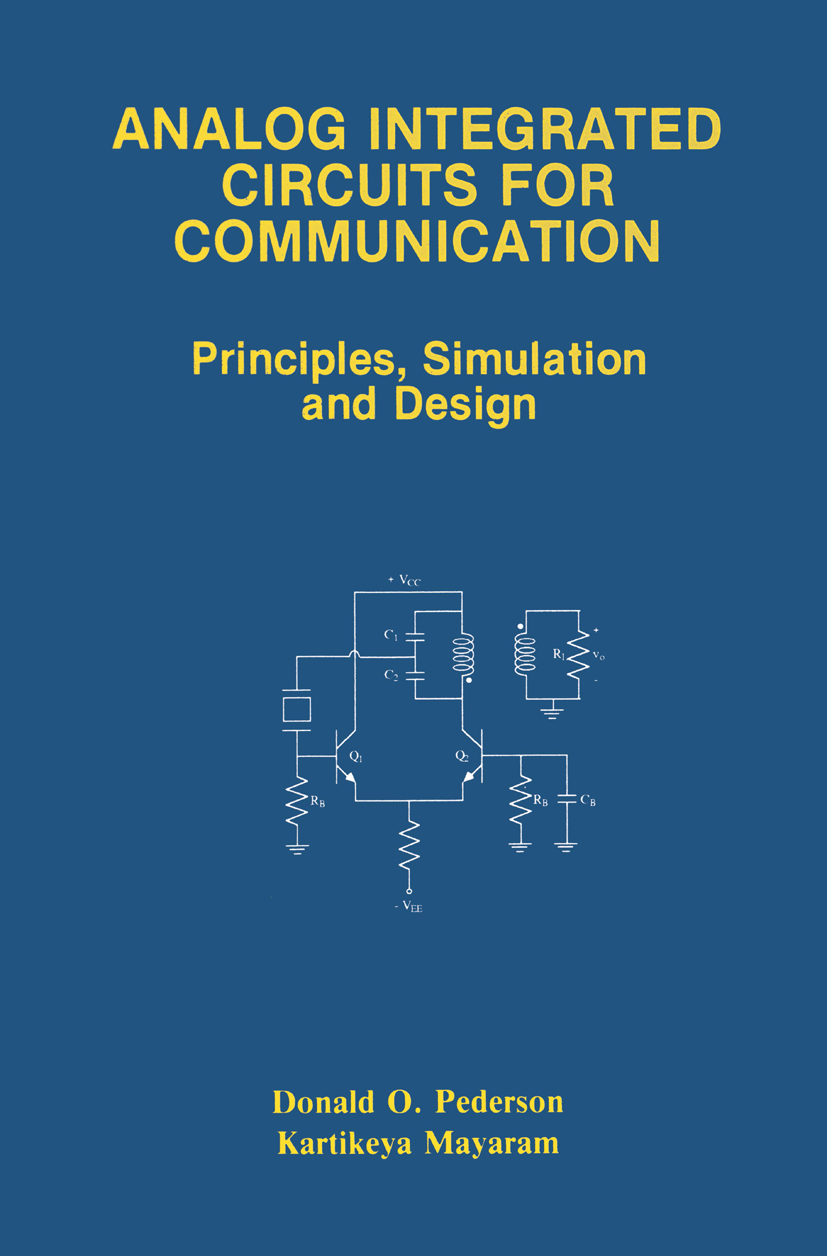
Analog Integrated Circuits for Communication This book deals with the analysis and design of analog integrated circuits that form the basis of present-day communication systems. The material is intended to be a textbook for class use but should also be a valuable source of information for a practicing engineer. Both bipolar and MOS transistor circuits are analyzed and many numerical examples are used to illustrate the analysis and design techniques developed in this book. A set of problems is presented at the end of the book which covers the subject matter of the whole book. The book has originated out of a senior-level course on nonlinear, analog integrated circuits at the University of California at Berkeley. The material contained in this book has been taught by the first author for several years and the book has been class tested for six semesters. This along with feedback from the students is reflected in the organization and writing of the text. We expect that the students have had an introductory course in analog circuits so that they are familiar with some of the basic analysis techniques and also with the operating principles of the various semiconductor devices. Several important, basic circuits and concepts are reviewed as the subject matter is developed. TECHNOLOGY & ENGINEERING,Electronics,General
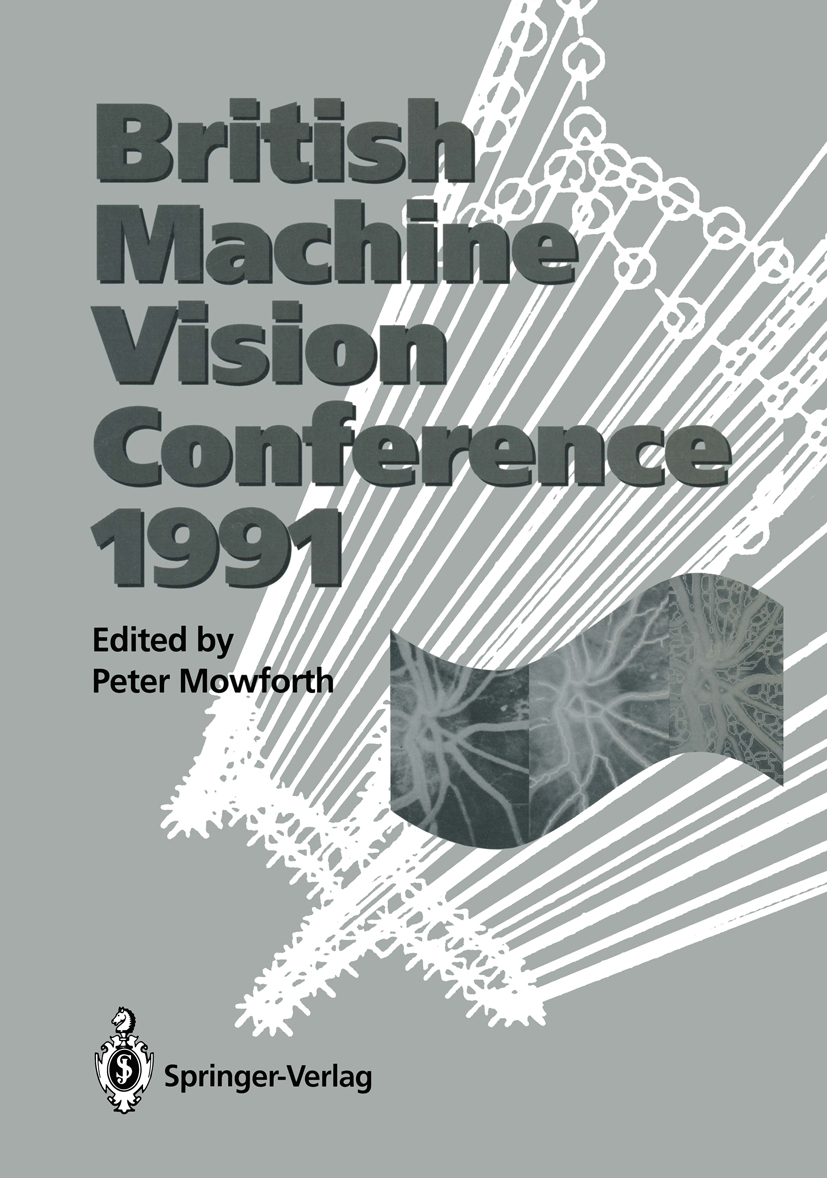
BMVC91 Lewis Carroll once wrote a story about a king who wanted a very accurate map of his kingdom. The king had a pathologically fastidious eye for detail and consequently decided that the map was to be produced at a scale of 1:1. The scribes dutifully set to and, in time, the map was made. The map carried details of every tree, every rock and every blade of grass throughout the entire land. The problem occurred when they tried to use -it. First of all, the map was extraordinarily difficult to open out and line up with the countryside. Its sheer bulk meant that it took whole armies to carry it and a great host of bureaucrats and technicians to maintain the information. Such was the detail of the map that as soon as the wind blew strongly, whole sections needed to be redrawn. What was worse was that all the farmers protested because the map completely cut out the light from the sun and all the crops died. Eventually the howls of protest became so strong that the king was forced to take action. He did away with the old paper copy and decided to use the kingdom itself as the map. All lived happily ever after. There are, at least, two morals to this tale. First, you are almost certainly doomed to failure if you do not get the representation of the problem right. TECHNOLOGY & ENGINEERING,Electronics,General
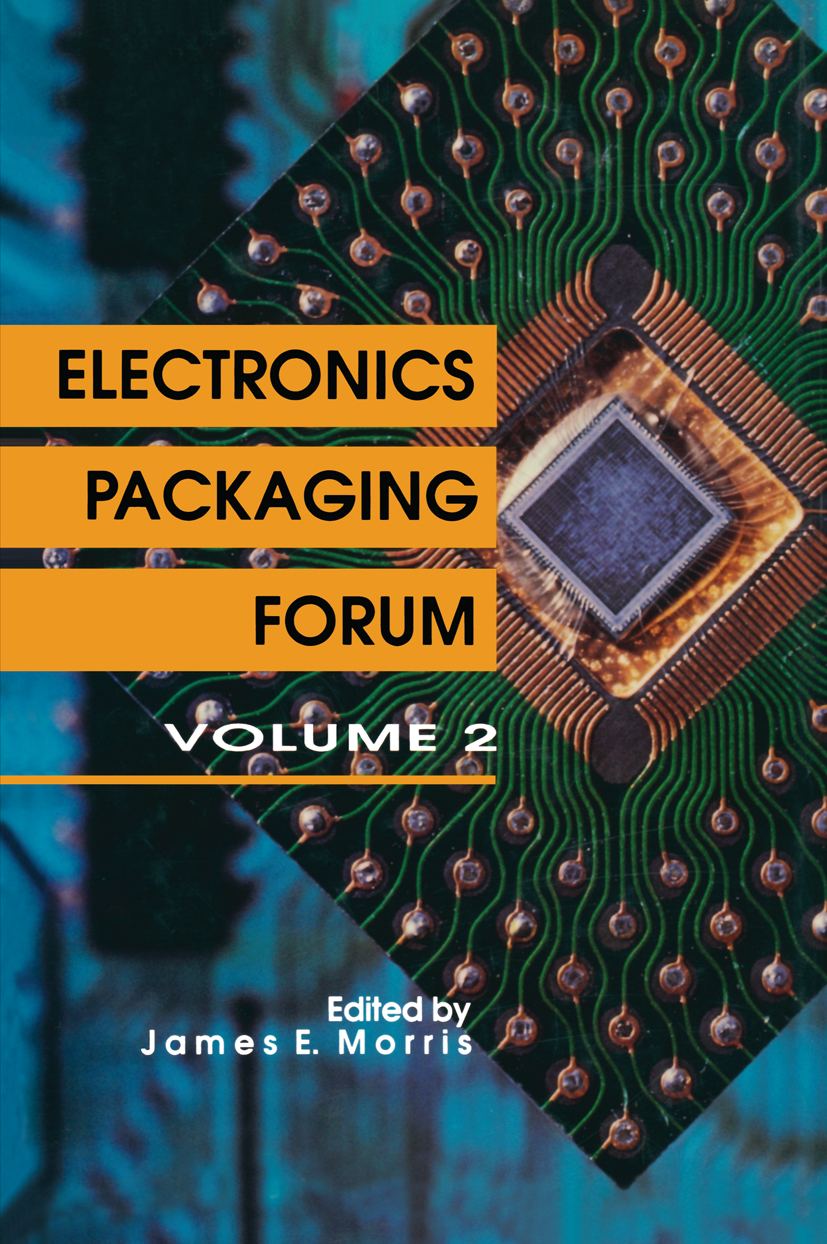
Electronics Packaging Forum Each May, the Continuing Education Division of the T.J.Watson School of Engineering, Applied Science and Technology at the State University of New York at Binghamton sponsors an Annual Symposium in Electronics Packaging in cooperation with local professional societies (IEEE, ASME, SME, IEPS) and UnlPEG (the University-Industry Partnership for Economic Growth.) Each volume of this Electronics Packaging Forum series is based on the the preceding Symposium, with Volume Two based on the 1990 presentations. The Preface to Volume One included a brief definition of the broad scope of the electronics packaging field with some comments on why it has recently assumed such a more prominent priority for research and development. Those remarks will not be repeated here; at this point it is assumed that the reader is a professional in the packaging field, or possibly a student of one of the many academic disciplines which contribute to it. It is worthwhile repeating the series objectives, however, so the reader will be clear as to what might be expected by way of content and level of each chapter. TECHNOLOGY & ENGINEERING,Electronics,General
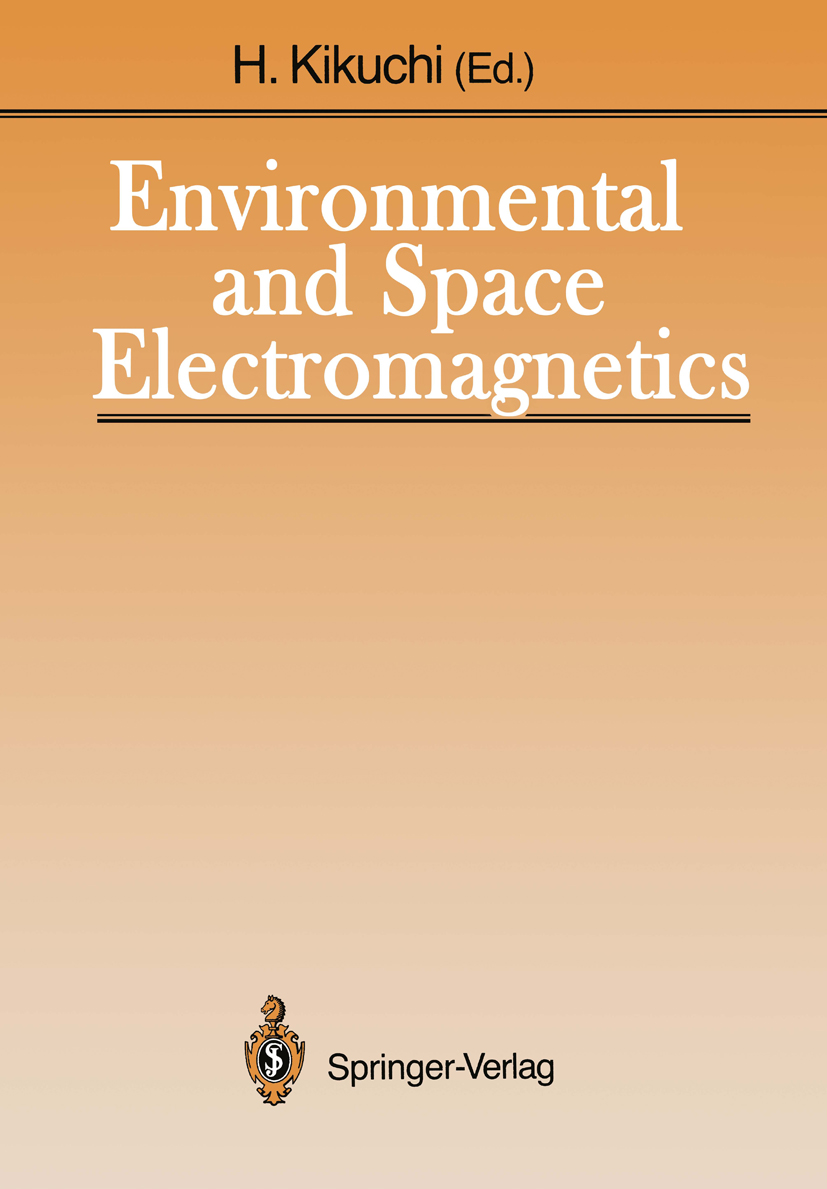
Environmental and Space Electromagnetics This book is based on the updated versions of a lively mixture of tutorials, topical papers, and scientific and technological contributions collected from the International URSI Symposium on Environmental and Space Electromagnetics held in Tokyo on 4-6 September, 1989. It was sponsored by the International Union of Radio Science (URSI) as an activity of Commission E (Chairman: present editor) preceding the URSI General Assembly in Prague, Czechoslovakia in 1990. The aim was an exchange of information and views to highlight the state of the art in radio science and interdisciplinary areas. Along this line, the editor has attempted to cover quite new, novel or unconventional subjects besides more traditional or conventional ones. Although a great many subjects have apparently been covered, this book has been edited so the reader can find some common concepts or views presented. On this basis, a group of many subjects can be treated in a unified fashion, and new ideas and views can be gained as a most valuable addition to current knowledge. This is one of the major features of this volume that cannot be found in any of the monographs or proceedings that cover a narrow range oflimited topics. Its broad scope does not stand for presentation in a superficial and shallow manner, but stands for a strong focus on the search for a common nature in basic concepts or views in apparently diverse subjects, and a focus on the advanced or innovatory nature of each contribution. TECHNOLOGY & ENGINEERING,Electronics,General
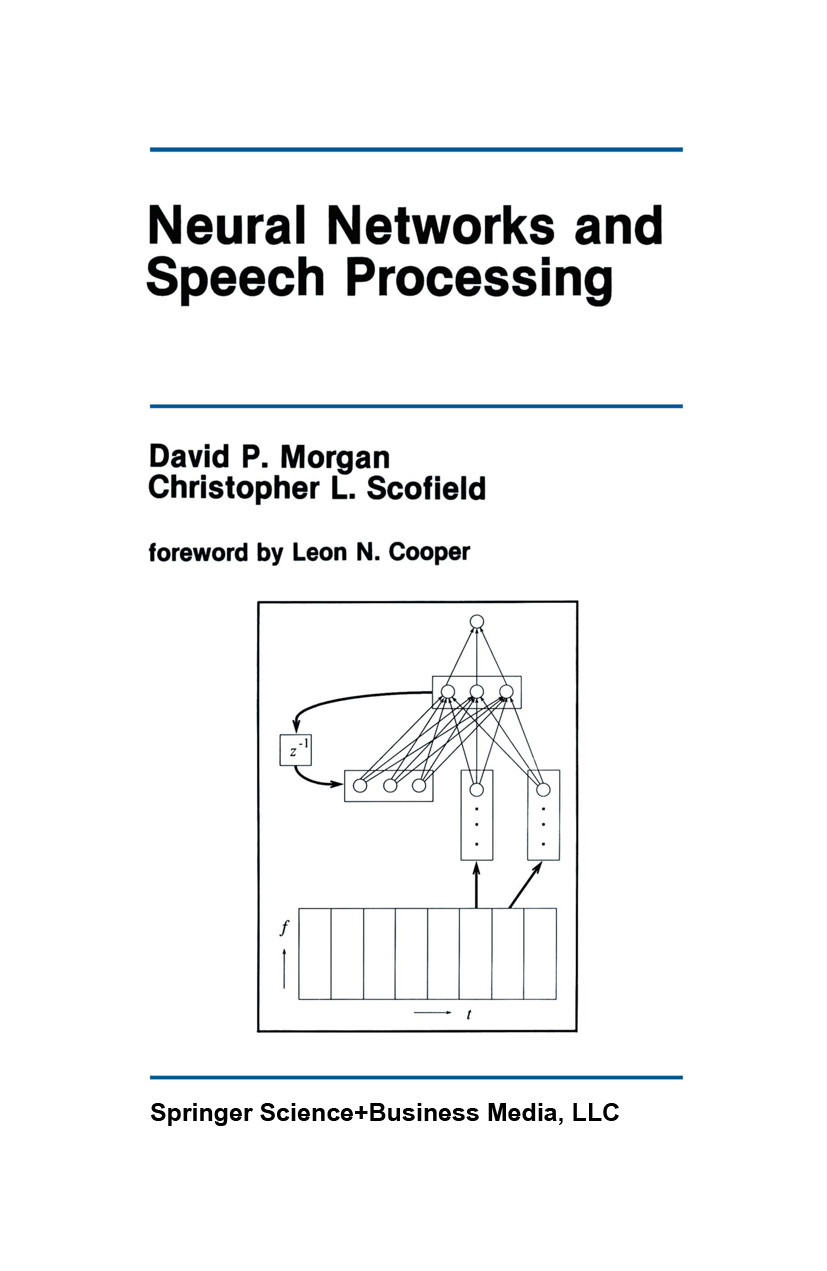
Neural Networks and Speech Processing We would like to take this opportunity to thank all of those individ uals who helped us assemble this text, including the people of Lockheed Sanders and Nestor, Inc., whose encouragement and support were greatly appreciated. In addition, we would like to thank the members of the Lab oratory for Engineering Man-Machine Systems (LEMS) and the Center for Neural Science at Brown University for their frequent and helpful discussions on a number of topics discussed in this text. Although we both attended Brown from 1983 to 1985, and had offices in the same building, it is surprising that we did not meet until 1988. We also wish to thank Kluwer Academic Publishers for their profes sionalism and patience, and the reviewers for their constructive criticism. Thanks to John McCarthy for performing the final proof, and to John Adcock, Chip Bachmann, Deborah Farrow, Nathan Intrator, Michael Perrone, Ed Real, Lance Riek and Paul Zemany for their comments and assistance. We would also like to thank Khrisna Nathan, our most unbi ased and critical reviewer, for his suggestions for improving the content and accuracy of this text. A special thanks goes to Steve Hoffman, who was instrumental in helping us perform the experiments described in Chapter 9. TECHNOLOGY & ENGINEERING,Electronics,General
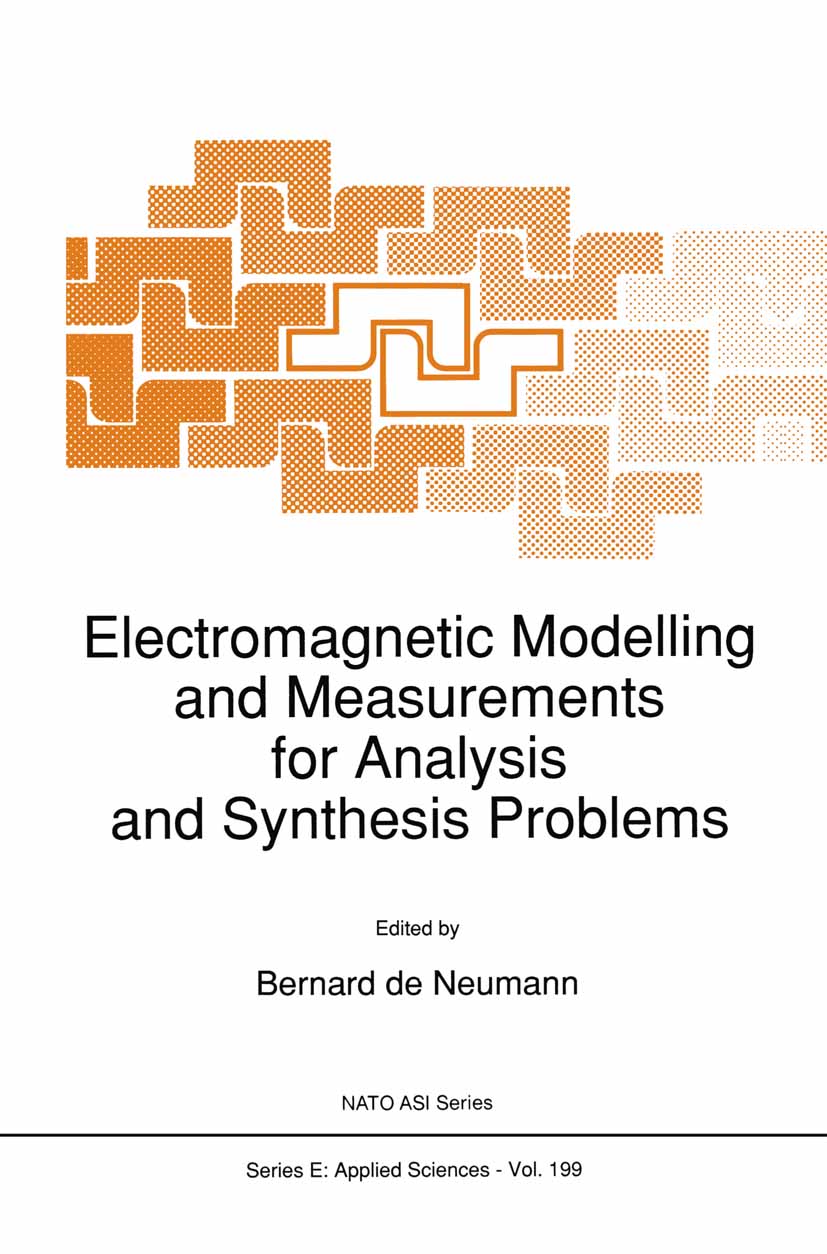
Electromagnetic Modelling and Measurements for Analysis and Synthesis Problems Proceedings of the NATO Advanced Study Institute, Il Ciocco, Castelvecchio Pascoli, Lucca, Italy, 10-21 August 1987 TECHNOLOGY & ENGINEERING,Electronics,General
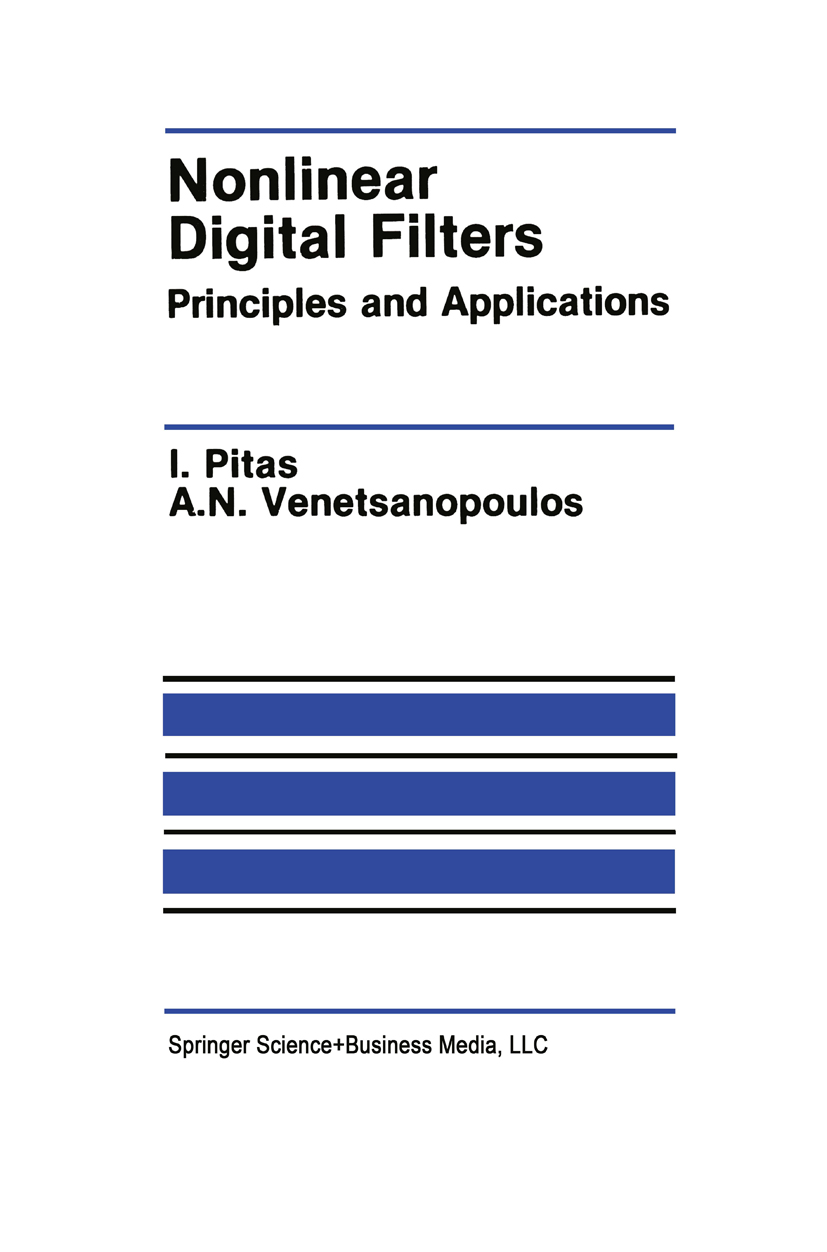
Nonlinear Digital Filters The function of a filter is to transform a signal into another one more suit able for a given purpose. As such, filters find applications in telecommunica tions, radar, sonar, remote sensing, geophysical signal processing, image pro cessing, and computer vision. Numerous authors have considered deterministic and statistical approaches for the study of passive, active, digital, multidimen sional, and adaptive filters. Most of the filters considered were linear although the theory of nonlinear filters is developing rapidly, as it is evident by the numerous research papers and a few specialized monographs now available. Our research interests in this area created opportunity for cooperation and co authored publications during the past few years in many nonlinear filter families described in this book. As a result of this cooperation and a visit from John Pitas on a research leave at the University of Toronto in September 1988, the idea for this book was first conceived. The difficulty in writing such a mono graph was that the area seemed fragmented and no general theory was available to encompass the many different kinds of filters presented in the literature. However, the similarities of some families of nonlinear filters and the need for such a monograph providing a broad overview of the whole area made the pro ject worthwhile. The result is the book now in your hands, typeset at the Department of Electrical Engineering of the University of Toronto during the summer of 1989. TECHNOLOGY & ENGINEERING,Electronics,General

Semiconductor Device Reliability Proceedings of the NATO Advanced Research Workshop, Heraklion, Crete, Greece, June 4-9, 1989 TECHNOLOGY & ENGINEERING,Electronics,General
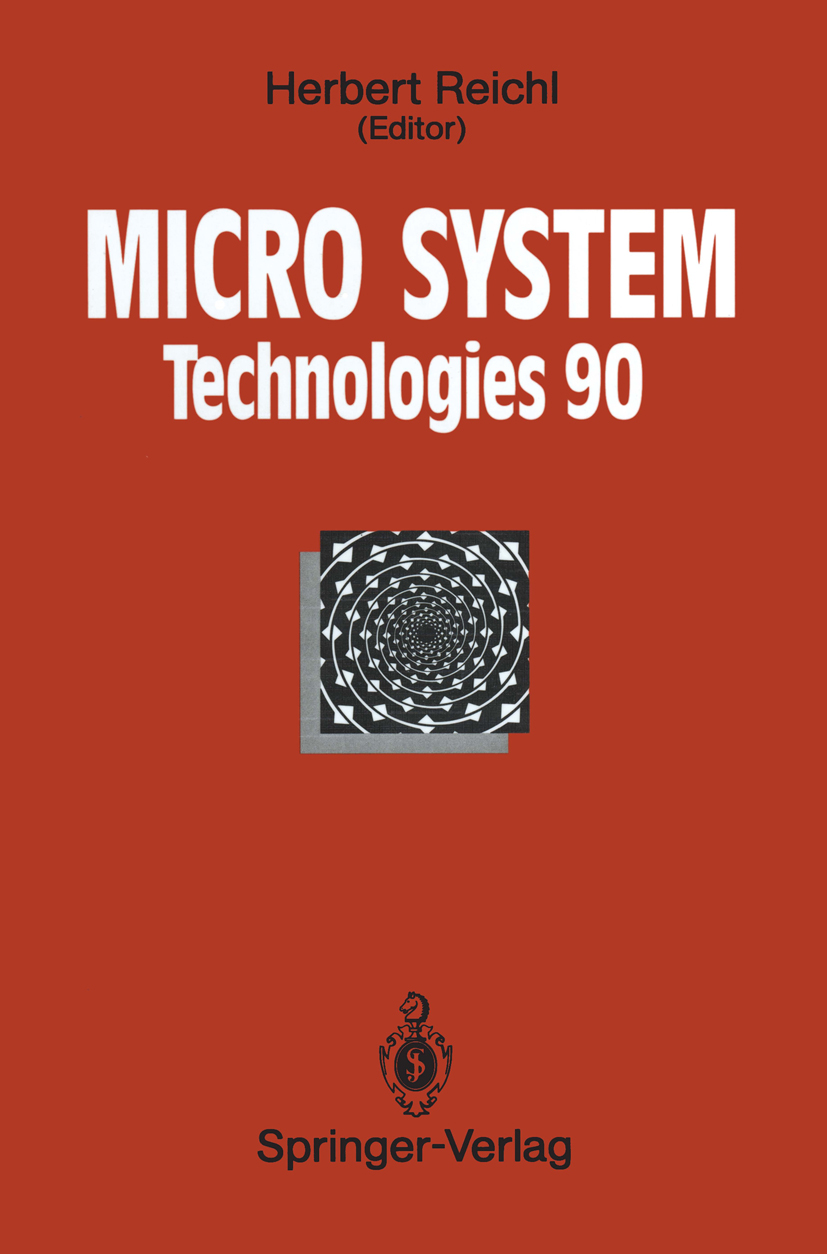
Micro System Technologies 90 On September 10-13, 1990, the first international meeting on Microsystem Technologies takes place at the Berlin International Congress Center. Most of the traditional congresses deal with themes that become more and more specific, and only a small part of the scientific world is reflected. The Micro System Technologies is attempting to take the opposite direction: During the last two decades the development of microelectronics was characterized by a tremendous increase of complexity of integrated circuits. At the same time the fields of microoptics and micromechanics have been developed to an advanced state of the art by the application of thin film and semiconductor technologies. The trend of the future development is to increase the integration density by combining the microelectronic, microoptic, and micro mechanic aspects to new complex multifunctional systems, which are able to comprise sensors, actuators, analogue and digital circuits on the same chip or on multichip-modules. Microsystems will lead to extensions of the field of microelectronic applications with important technical alterations and can open new considerable markets. For the realization of economical solutions for microsystems a lot of interdisciplinary cooperation and know-how has to be developed. New materials for sensitive layers, substrates, conducting, semiconducting, or isolating thin films are the basis for the development of new technologies. The increasing complexity leads to increasing interaction among electrical and non-electrical quantities. TECHNOLOGY & ENGINEERING,Electronics,General

Electrical Machine Analysis Using Finite Elements From the fan motor in your PC to precision control of aircraft, electrical machines of all sizes, varieties, and levels of complexity permeate our world. Some are very simple, while others require exacting and application-specific design. Electrical Machine Analysis Using Finite Elements provides the tools necessary for the analysis and design of any type of electrical machine by integrating mathematical/numerical techniques with analytical and design methodologies. Building successively from simple to complex analyses, this book leads you step-by-step through the procedures and illustrates their implementation with examples of both traditional and innovative machines. Although the examples are of specific devices, they demonstrate how the procedures apply to any type of electrical machine, introducing a preliminary theory followed by various considerations for the unique circumstance. The author presents the mathematical background underlying the analysis, but emphasizes application of the techniques, common strategies, and obtained results. He also supplies codes for simple algorithms and reveals analytical methodologies that universally apply to any software program. With step-by-step coverage of the fundamentals and common procedures, Electrical Machine Analysis Using Finite Elements offers a superior analytical framework that allows you to adapt to any electrical machine, to any software platform, and to any specific requirements that you may encounter. TECHNOLOGY & ENGINEERING,Electronics,General

Programming the BeagleBone Black Program your own BeagleBone Black projects! Build creative BeagleBone Black devices--no prior programming or electronics experience required. In Programming the BeagleBone Black, electronics guru Simon Monk explains essential application development methods through straightforward directions and cool downloadable examples. Discover how to navigate the board, write and debug code, use expansion capes, and control external hardware. Easy-to-follow plans show you how to wire up and program a Web-controlled roving robot and an e-mail notifier that lights an incandescent lamp. Set up the BeagleBone Black and explore its features Connect to your computer via USB or Ethernet Use the BeagleBone Black as a stand-alone PC Write and execute BoneScript code Use JavaScript functions and timers Perform analog and digital I/O Work with expansion capes and modules Design Web interfaces that control electronics Assemble and program a robot and an e-mail notifier TECHNOLOGY & ENGINEERING,Electronics,General
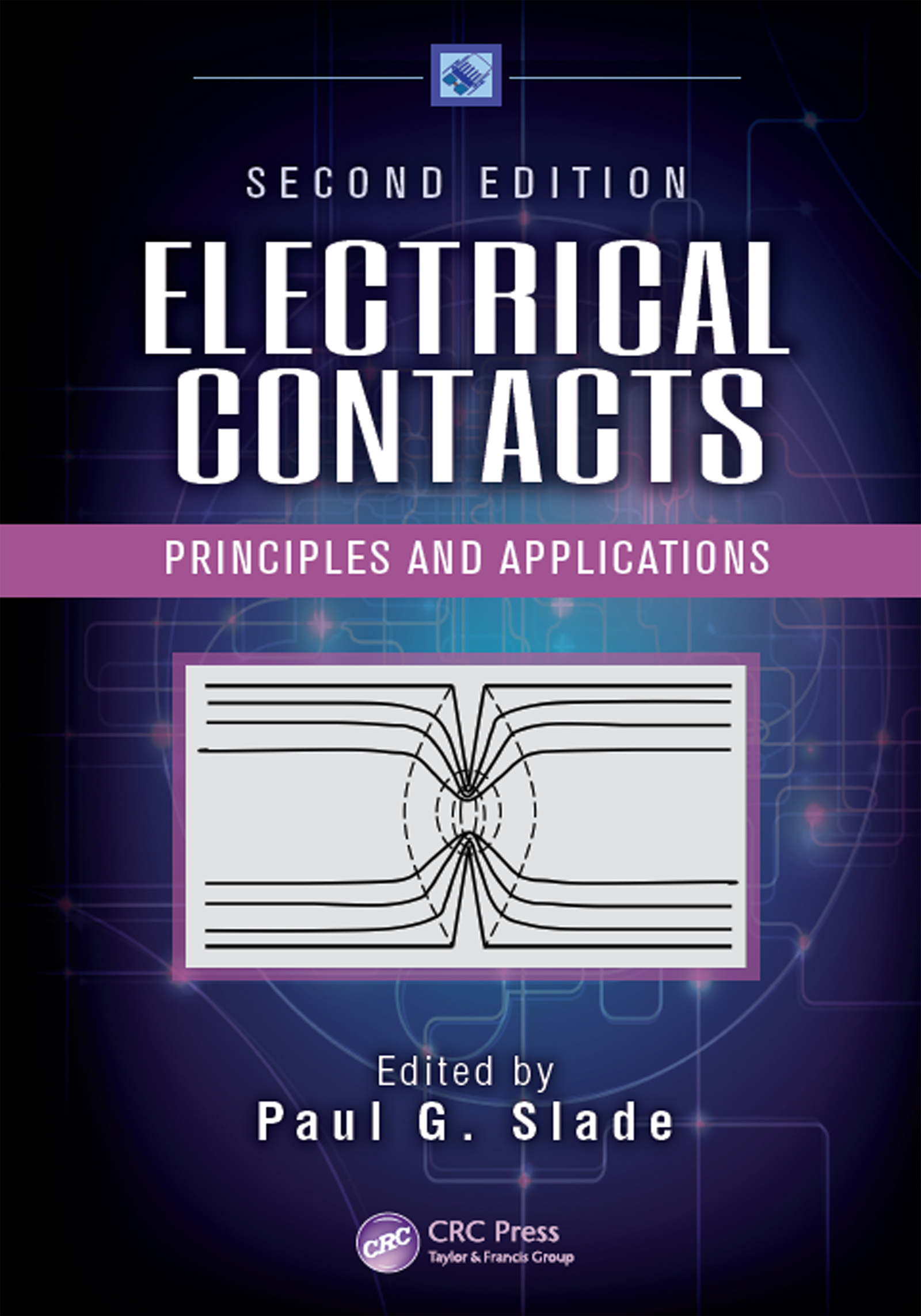
Electrical Contacts Covering the theory, application, and testing of contact materials, Electrical Contacts: Principles and Applications, Second Edition introduces a thorough discussion on making electric contact and contact interface conduction; presents a general outline of, and measurement techniques for, important corrosion mechanisms; considers the results of contact wear when plug-in connections are made and broken; investigates the effect of thin noble metal plating on electronic connections; and relates crucial considerations for making high- and low-power contact joints. It examines contact use in switching devices, including the interruption of AC and DC circuits with currents in the range 10mA to 100kA and circuits up to 1000V, and describes arc formation between open contacts and between opening contacts. Arcing effects on contacts such as erosion, welding, and contamination are also addressed. Containing nearly 3,000 references, tables, equations, figures, drawings, and photographs, the book provides practical examples encompassing everything from electronic circuits to high power circuits, or microamperes to mega amperes. The new edition: Reflects the latest advances in electrical contact science and technology Examines current research on contact corrosion, materials, and switching Includes updates and revisions in each chapter, as well as up-to-date references and new figures and examples throughout Delivers three new chapters on the effects of dust contamination, electronic sensing for switching systems, and contact phenomena for micro-electronic systems (MEMS) applications With contributions from recognized experts in the field, Electrical Contacts: Principles and Applications, Second Edition assists practicing scientists and engineers in the prevention of costly system failures, as well as offers a comprehensive introduction to the subject for technology graduate students, by expanding their knowledge of electrical contact phenomena. TECHNOLOGY & ENGINEERING,Electronics,General

Old Time Radios! Restoration and Repair A presentation of the history, theory and practical operation of old-time, home, auto, amateur, shortwave and CB radio sets which provides the detailed instructions and schematics required to repair or rebuild them. A troubleshooting section is included, with charts and pin-out diagrams. TECHNOLOGY & ENGINEERING,Electronics,General
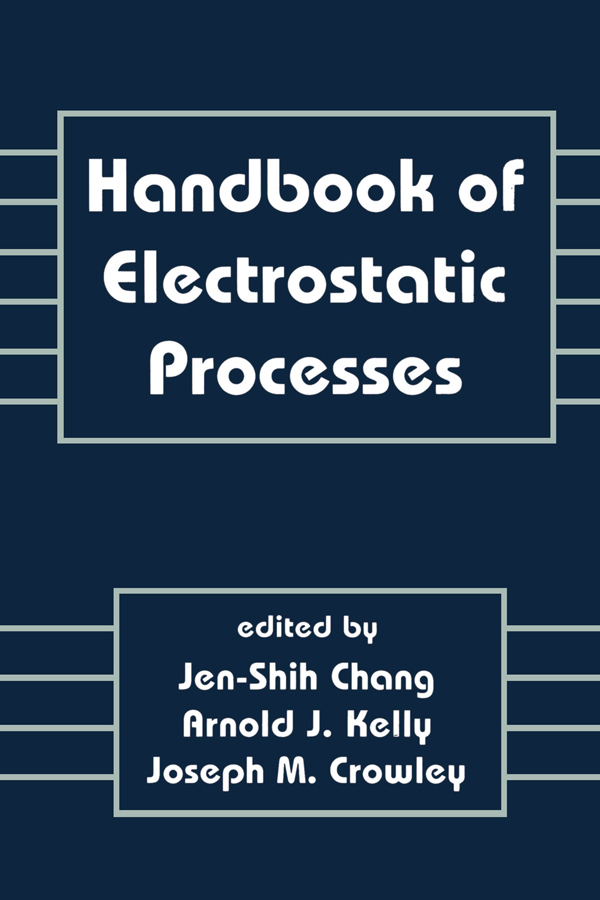
Handbook of Electrostatic Processes "Provides detailed, comprehensive descriptions of electrostatic processes as well as their applications in areas such as rheology, atomization and spraying, industrial dust particle precipitation and filtering, biomedical engineering, gas treatments, atmospheric electricity, chemical reactors, and electronic devices. Summarizes electrostatic fundamentals and electrical phenomena in solids and fluids." TECHNOLOGY & ENGINEERING,Electronics,General
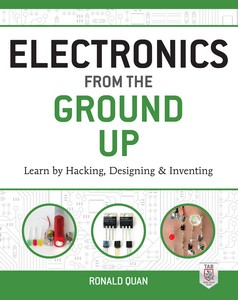
Electronics from the Ground Up Discover the inner-workings of electronics through innovative hands-on experiments Are you fascinated by the power of even the smallest electronic device? Electronics from the Ground Up guides you through step-by-step experiments that reveal how electronic circuits function so you can advance your skills and design custom circuits. You’ll work with a range of circuits and signals related to optical emitters and receivers, audio, oscillators, and video. This practical resource explains components, construction techniques, basic test equipment, circuit analysis, and troubleshooting. Photographs, schematics, equations, and graphs are included throughout. By the end of the book, you’ll be able to hack and modify existing circuits to create your own unique designs. Do-it-yourself experiments cover: Batteries, lamps, and flashlights Light emitters and receivers Diodes, rectifiers, and associated circuits Transistors, FETs, and vacuum tubes Amplifiers and feedback Audio signals and circuits Oscillators AM and FM signals and circuits Video basics, including video signals Video circuits and systems “Excellent… Nothing can replace hands-on experience and Quan immerses the hobbyist/designer right into the fray up to their elbows.â€â€”EDN Magazine TECHNOLOGY & ENGINEERING,Electronics,General
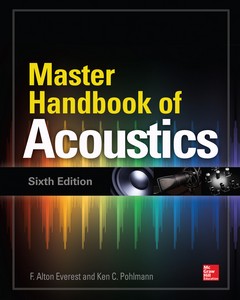
Master Handbook of Acoustics, Sixth Edition The most complete and current guide to architectural acoustics principles and practices Design and construct audiophile-quality sonic environments of all sizes--from home theaters and project studios to large-scale recording studios. Thoroughly revised to include new acoustical design techniques, Master Handbook of Acoustics, Sixth Edition, explains the art and science of room acoustics and architecture by combining theoretical instruction with matter-of-fact engineering advice. Written by renowned experts in the field and refined through several editions, this fully updated classic describes the fundamentals of acoustical properties, as well as the latest solutions to acoustical problems. Throughout, this authoritative text provides clear explanations, describes hands-on techniques, and features numerous room designs that can be built as presented, or adapted to your particular needs. Understand how sound waves travel in free fields and in enclosed spaces Learn how human sound perception and psychoacoustics affect room design Calculate and predict reflections, reverberation times, and room modes Perform acoustical measurements and site surveys, and choose construction materials Design, build, and install treatment modules to optimize early reflections, reverberation, and diffusion Design and build home theaters, home studios, control rooms, recording studios, and other acoustically sensitive spaces Reduce HVAC noise levels, and achieve excellent sound isolation with proven wall, window, and door designs Understand the acoustics of auditoriums and concert halls Utilize the supplied cost-effective plans and specifications for a variety of recording and listening rooms TECHNOLOGY & ENGINEERING,Electronics,General
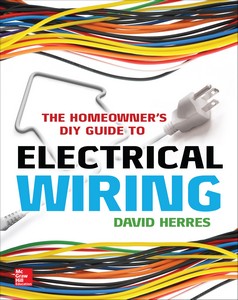
The Homeowner's DIY Guide to Electrical Wiring A practical, money-saving guide to home electrical wiring Handle residential wiring projects correctly, safely, and according to the National Electrical Code (NEC). Filled with clear photos and helpful diagrams, The Homeowner’s DIY Guide to Electrical Wiring shows you how to quickly and easily navigate the portions of the NEC that pertain to residential installations. This hands-on resource covers basic electronics and explains how electrical service progresses through your home. It describes how to install and test electrical systems and lighting, repair appliances and TVs, and upgrade to the latest innovations such as home networking, home automation, and alternate power systems. You’ll learn the procedures used by professional electricians to create the kind of quality work that will pass inspection and add value to your home. The Homeowner’s DIY Guide to Electrical Wiring shows how to: Protect against fire and shock hazards Track electrical service from the point of connection to the entrance panel Follow NEC requirements for residential projects Work with test equipment and installation tools Use the best techniques for quality electrical work Design and install indoor and outdoor lighting Maintain and repair electrically powered appliances Fix CRT, plasma, and LCD TVs Design a data and communications network and install coax, USB, and Ethernet cabling Install a home automation system Install backup and alternate power systems Work with smart meters TECHNOLOGY & ENGINEERING,Electronics,General

The Internet of Things Build and program projects that tap into the Internet of Things (IoT) using Arduino, Raspberry Pi, and BeagleBone Black! This innovative guide gets you started right away working with the most popular processing platforms, wireless communication technologies, the Cloud, and a variety of sensors. You’ll learn how to take advantage of the utility and versatility of the IoT and connect devices and systems to the Internet using sensors. Each project features a list of the tools and components, how-to explanations with photos and illustrations, and complete programming code. All projects can be modified and expanded, so you can build on your skills. The Internet of Things: DIY Projects with Arduino, Raspberry Pi, and BeagleBone Black Covers the basics of Java, C#, Python, JavaScript, and other programming languages used in the projects Shows you how to use IBM’s Net Beans IDE and the Eclipse IDE Explains how to set up small-scale networks to connect the projects to the Internet Includes essential tips for setting up and using a MySQL database. The fun, DIY projects in the book include: Raspberry Pi home temperature measurements Raspberry Pi surveillance webcams Raspberry Pi home weather station Arduino garage door controller Arduino irrigation controller Arduino outdoor lighting controller Beaglebone message panel Beaglebone remote control SDR Machine-to-machine demonstration project TECHNOLOGY & ENGINEERING,Electronics,General
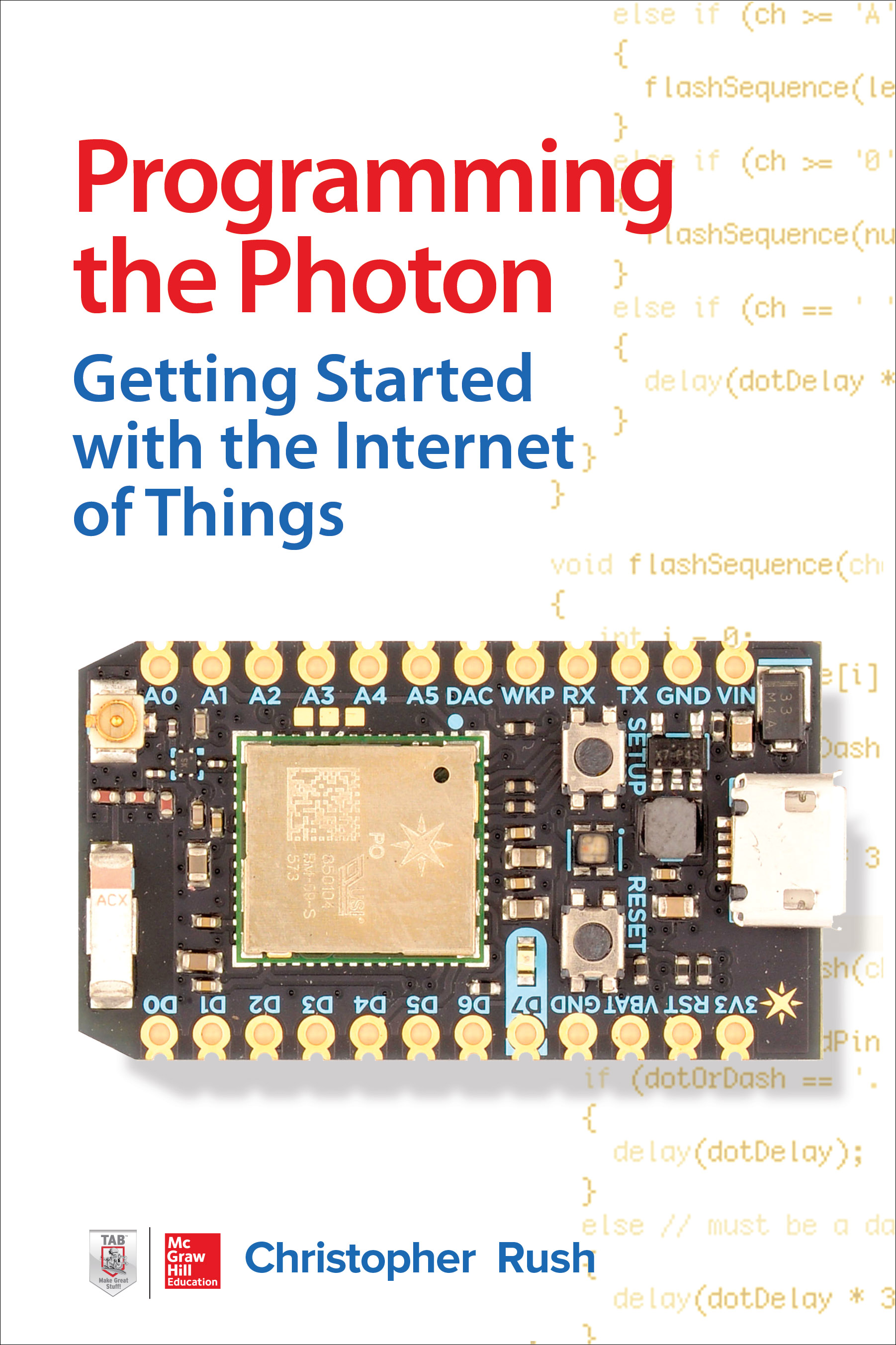
Programming the Photon Publisher's Note: Products purchased from Third Party sellers are not guaranteed by the publisher for quality, authenticity, or access to any online entitlements included with the product. Explore the Internet of Things and build useful, functioning Photon projects Quickly learn to construct your own electronics devices and control them over the Internet with help from this DIY guide. Programming the Photon: Getting Started with the Internet of Things features clear explanations and step-by-step examples that use inexpensive, easy-to-find components. Discover how to connect to Wi-Fi networks, attach hardware to I/O ports, write custom programs, and work from the cloud. You will learn how to troubleshoot and tweak your Photon creations—even interface with social media sites! · Set up your Photon board and connect to the Particle cloud · Start constructing and programming custom IoT projects · Learn the syntax of both the C and Arduino languages · Incorporate switches, sensors, and other input devices · Control hardware through the Photon’s outputs · Control your creations through the Internet · Add functions with Particle shields and add-on boards · Link real-time data to your board via the IFTTT Web Service · Integrate with websites—Facebook, Twitter, Gmail, and more! TECHNOLOGY & ENGINEERING,Electronics,General
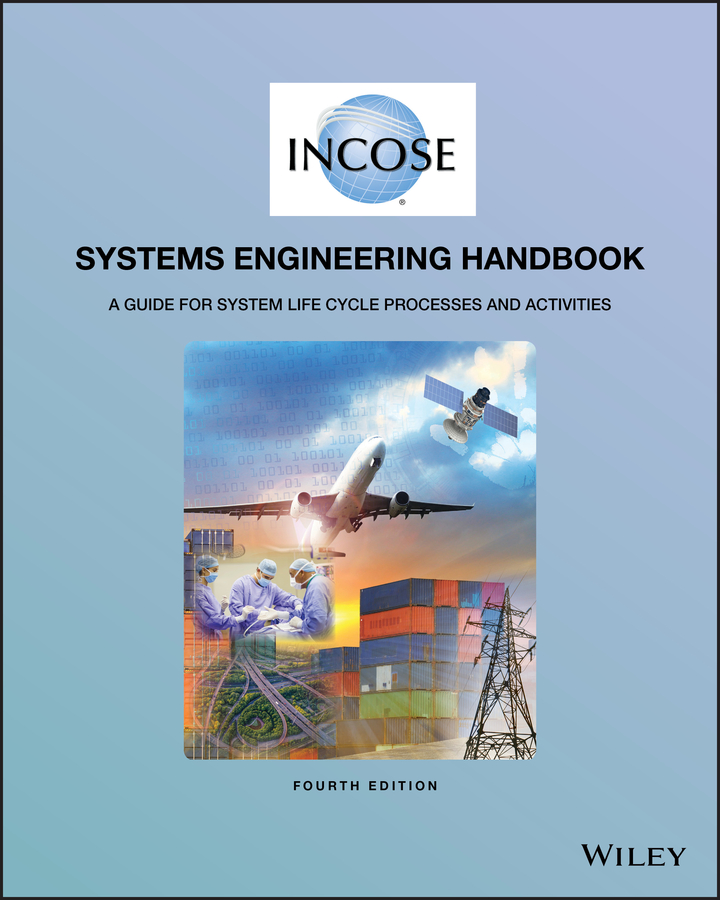
INCOSE Systems Engineering Handbook A detailed and thorough reference on the discipline and practice of systems engineering The objective of the International Council on Systems Engineering (INCOSE) Systems Engineering Handbook is to describe key process activities performed by systems engineers and other engineering professionals throughout the life cycle of a system. The book covers a wide range of fundamental system concepts that broaden the thinking of the systems engineering practitioner, such as system thinking, system science, life cycle management, specialty engineering, system of systems, and agile and iterative methods. This book also defines the discipline and practice of systems engineering for students and practicing professionals alike, providing an authoritative reference that is acknowledged worldwide. The latest edition of the INCOSE Systems Engineering Handbook: Is consistent with ISO/IEC/IEEE 15288:2015 Systems and software engineering—System life cycle processes and the Guide to the Systems Engineering Body of Knowledge (SEBoK) Has been updated to include the latest concepts of the INCOSE working groups Is the body of knowledge for the INCOSE Certification Process This book is ideal for any engineering professional who has an interest in or needs to apply systems engineering practices. This includes the experienced systems engineer who needs a convenient reference, a product engineer or engineer in another discipline who needs to perform systems engineering, a new systems engineer, or anyone interested in learning more about systems engineering. TECHNOLOGY & ENGINEERING,Electronics,General
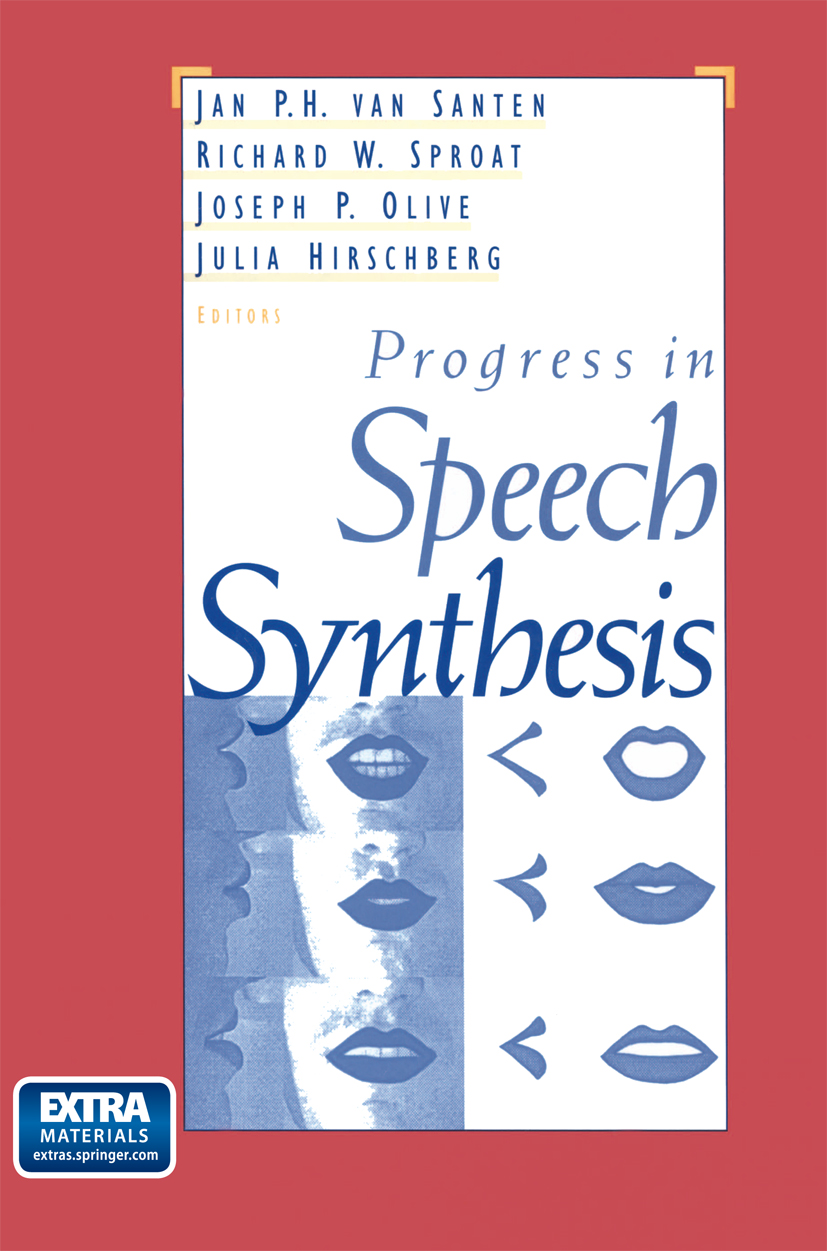
Progress in Speech Synthesis For a machine to convert text into sounds that humans can understand as speech requires an enormous range of components, from abstract analysis of discourse structure to synthesis and modulation of the acoustic output. Work in the field is thus inherently interdisciplinary, involving linguistics, computer science, acoustics, and psychology. This collection of articles by leading researchers in each of the fields involved in text-to-speech synthesis provides a picture of recent work in laboratories throughout the world and of the problems and challenges that remain. By providing samples of synthesized speech as well as video demonstrations for several of the synthesizers discussed, the book will also allow the reader to judge what all the work adds up to -- that is, how good is the synthetic speech we can now produce? Topics covered include: > Signal processing and source modeling > Linguistic analysis > Articulatory synthesis and visual speech > Concatenative synthesis and automated segmentation > Prosodic analysis of natural speech > Synthesis of prosody > Evaluation and perception > Systems and applications. TECHNOLOGY & ENGINEERING,Electronics,General
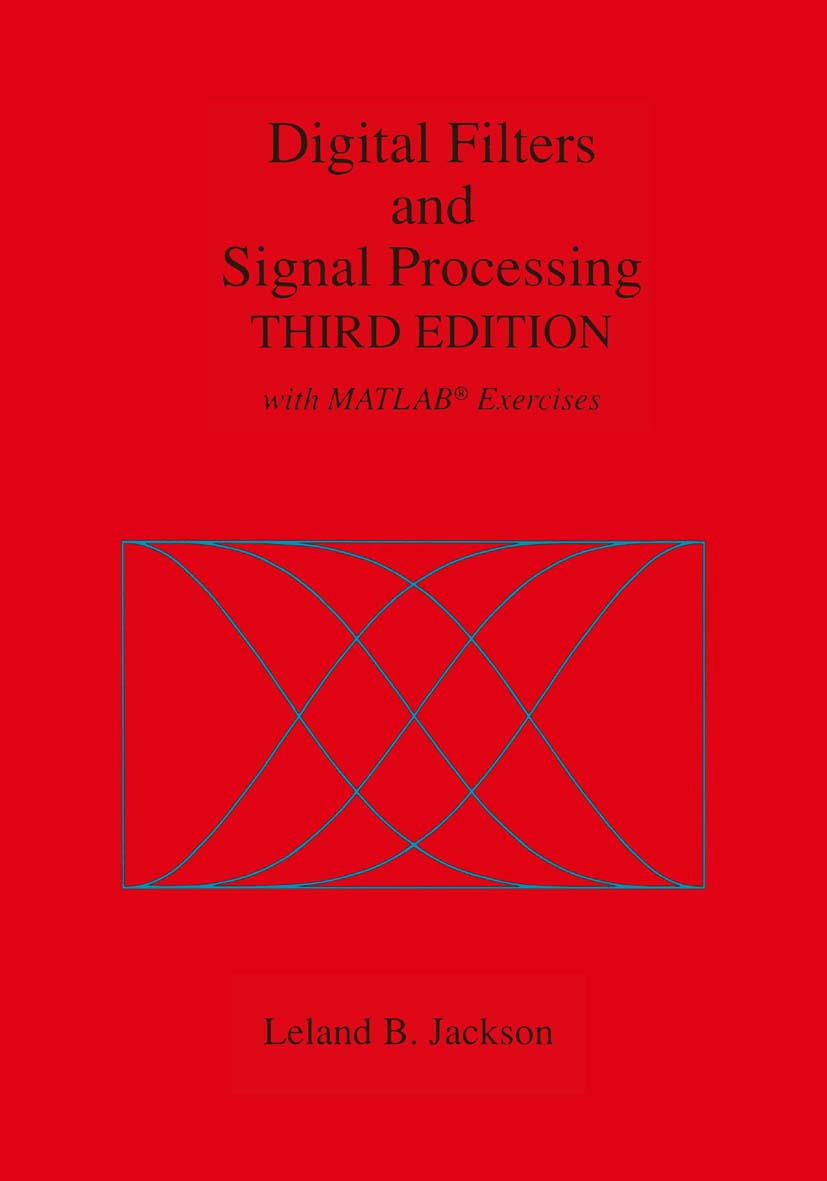
Digital Filters and Signal Processing Digital Filters and Signal Processing, Third Edition ... with MATLAB Exercises presents a general survey of digital signal processing concepts, design methods, and implementation considerations, with an emphasis on digital filters. It is suitable as a textbook for senior undergraduate or first-year graduate courses in digital signal processing. While mathematically rigorous, the book stresses an intuitive understanding of digital filters and signal processing systems, with numerous realistic and relevant examples. Hence, practicing engineers and scientists will also find the book to be a most useful reference. The Third Edition contains a substantial amount of new material including, in particular, the addition of MATLAB exercises to deepen the students' understanding of basic DSP principles and increase their proficiency in the application of these principles. The use of the exercises is not mandatory, but is highly recommended. Other new features include: normalized frequency utilized in the DTFT, e.g., X(ej omega); new computer generated drawings and MATLAB plots throughout the book; Chapter 6 on sampling the DTFT has been completely rewritten; expanded coverage of Types I-IV linear-phase FIR filters; new material on power and doubly-complementary filters; new section on quadrature-mirror filters and their application in filter banks; new section on the design of maximally-flat FIR filters; new section on roundoff-noise reduction using error feedback; and many new problems added throughout. TECHNOLOGY & ENGINEERING,Electronics,General
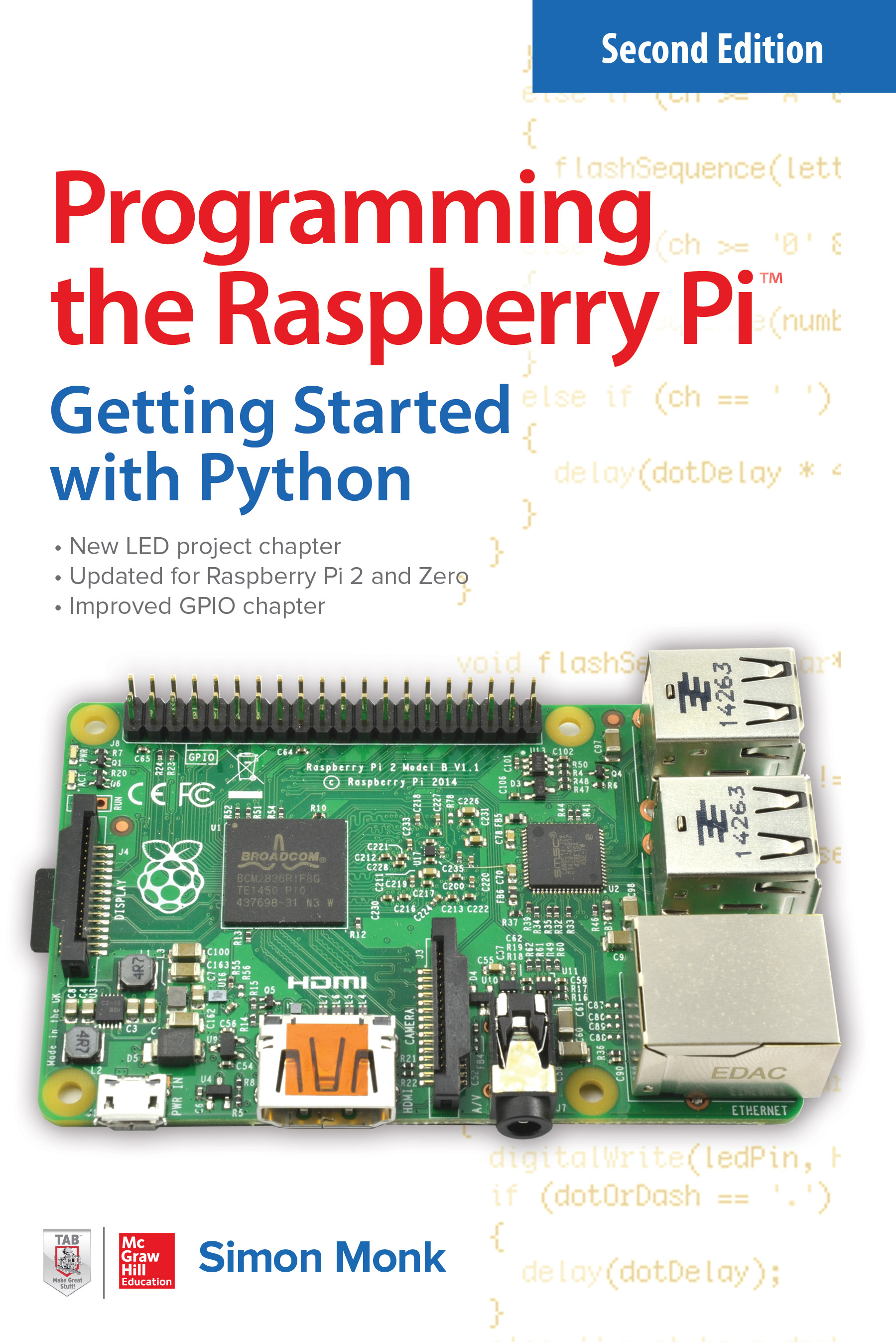
Programming the Raspberry Pi, Second Edition An updated guide to programming your own Raspberry Pi projects Learn to create inventive programs and fun games on your powerful Raspberry Pi—with no programming experience required. This practical TAB book has been revised to fully cover the new Raspberry Pi 2, including upgrades to the Raspbian operating system. Discover how to configure hardware and software, write Python scripts, create user-friendly GUIs, and control external electronics. DIY projects include a hangman game, RGB LED controller, digital clock, and RasPiRobot complete with an ultrasonic rangefinder. Set up your Raspberry Pi and explore its features Navigate files, folders, and menus Write Python programs using the IDLE editor Use strings, lists, functions, and dictionaries Work with modules, classes, and methods Create user-friendly games using Pygame Build intuitive user interfaces with Tkinter Attach external electronics through the GPIO port Add powerful Web features to your projects TECHNOLOGY & ENGINEERING,Electronics,General
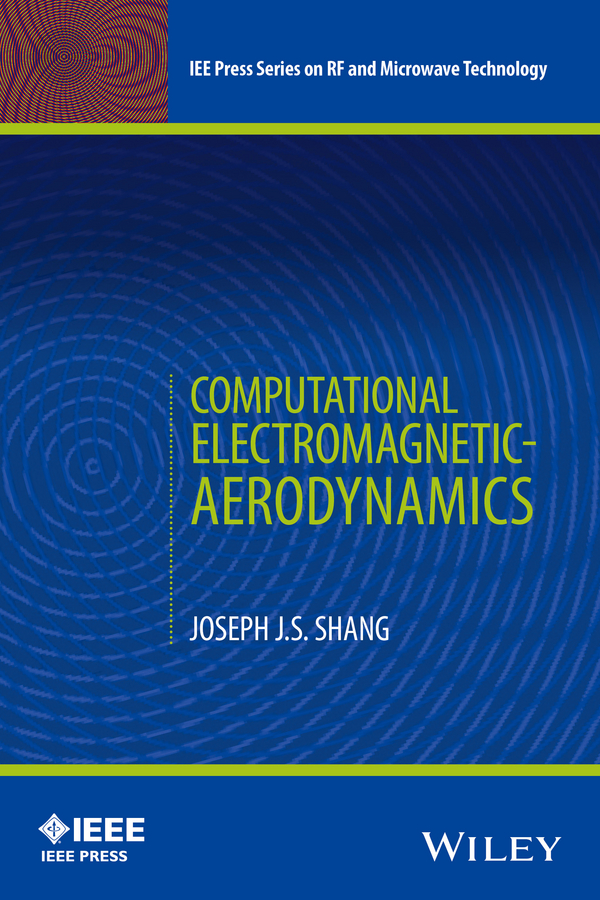
Computational Electromagnetic-Aerodynamics Presents numerical algorithms, procedures, and techniques required to solve engineering problems relating to the interactions between electromagnetic fields and fluid flow and interdisciplinary technology for aerodynamics, electromagnetics, chemical-physic kinetics, and plasmadynamics Integrates interlinking computational model and simulation techniques of aerodynamics and electromagnetics Combines classic plasma drift-diffusion theory and electron impact ionization modeling for electromagnetic-aerodynamic interactions Describes models of internal degrees of freedom for vibration relaxation and electron excitations TECHNOLOGY & ENGINEERING,Electronics,General
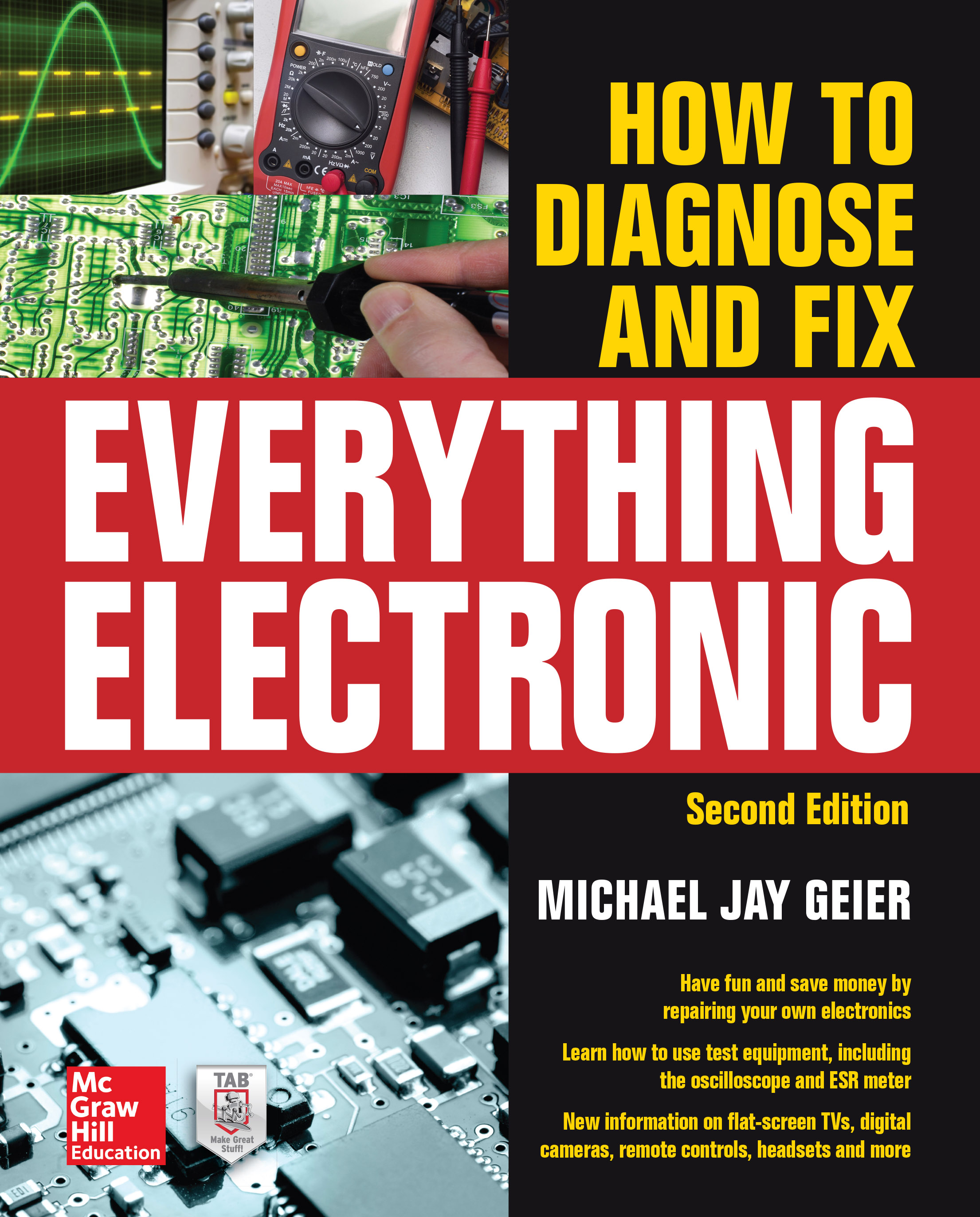
How to Diagnose and Fix Everything Electronic, Second Edition A Fully Revised Guide to Electronics Troubleshooting and Repair Repair all kinds of electrical products, from modern digital gadgets to analog antiques, with help from this updated book. How to Diagnose and Fix Everything Electronic, Second Edition, offers expert insights, case studies, and step-by-step instruction from a lifelong electronics guru. Discover how to assemble your workbench, use the latest test equipment, zero in on and replace dead components, and handle reassembly. Instructions for specific devices, including stereos, MP3 players, digital cameras, flat-panel TVs, laptops, headsets, and mobile devices are also included in this do-it-yourself guide. Choose the proper tools and set up your workbench Ensure personal safety and use proper eye and ear protection Understand how electrical components work and why they fail Perform preliminary diagnoses based on symptoms Use test equipment, including digital multimeters, ESR meters, frequencycounters, and oscilloscopes Interpret block, schematic, and pictorial diagrams Disassemble products and identify sections Analyze circuits, locate faults, and replace dead parts Re-establish connections and reassemble devices TECHNOLOGY & ENGINEERING,Electronics,General
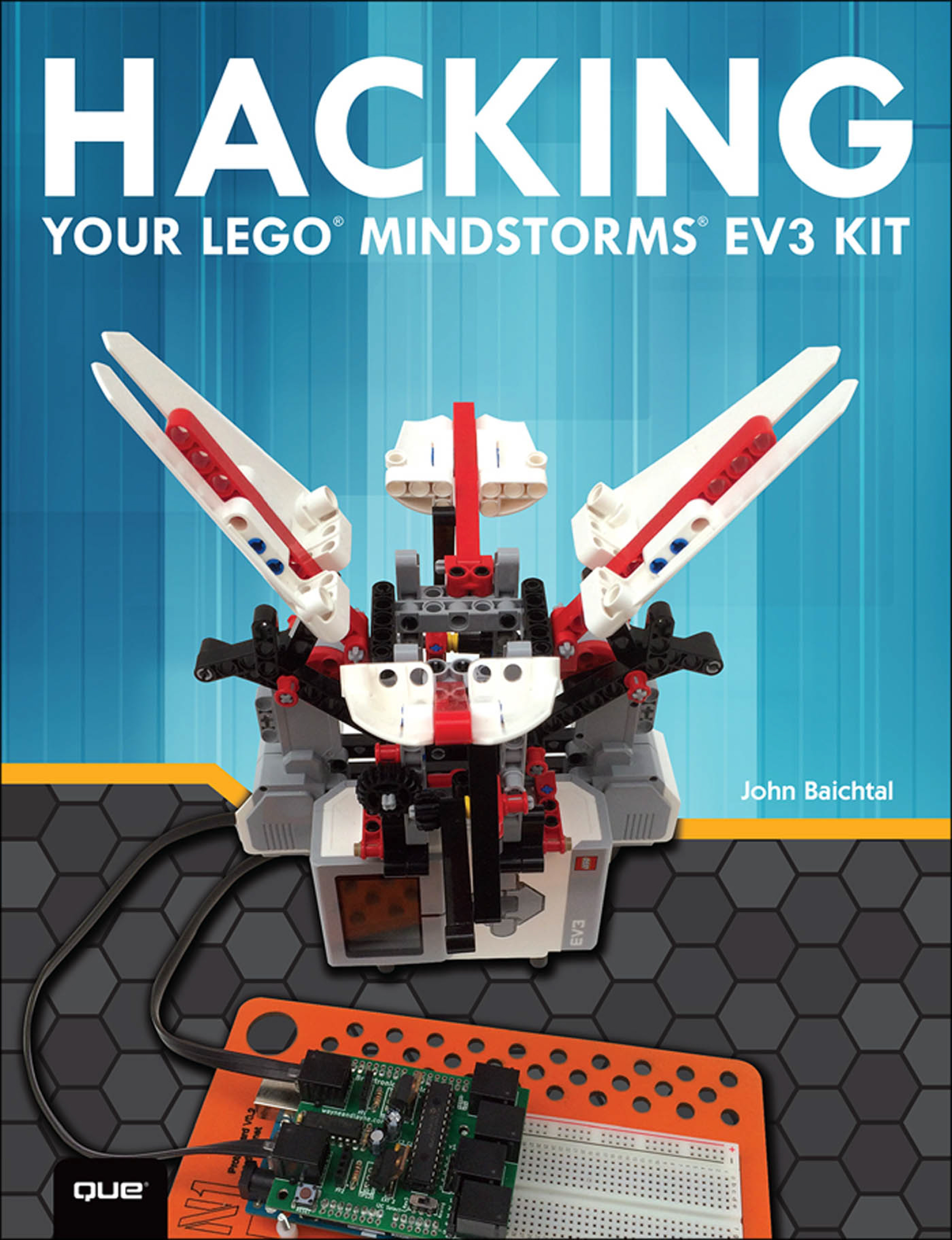
Hacking Your LEGO Mindstorms EV3 Kit EV3 without limits! Build 5 amazing robotics projects that take DIY to a whole new level! You can do way more with your LEGO Mindstorms EV3 kit than anyone ever told you! In this full-color, step-by-step tutorial, top-maker and best-selling author John Baichtal shows you how to transcend Mindstorms’ limits as you build five cutting-edge robotics projects. You’ll discover just how much you can do with only the parts that came with your kit–and how much farther you can go with extremely low-cost add-ons like Arduino and Raspberry Pi. You’ll learn how to reprogram your Mindstorms Intelligent Brick to add additional hardware options and create more complex programs. Hundreds of full-color, step-by-step photos teach you every step, every skill. Whenever you’re ready for advanced techniques, Baichtal explains them in plain English. Here’s just some of what you’ll learn how to do: Build a drawing Plotter Bot that gyrates to draw new patterns Hack Mindstorms’ wires–and control robots without wires Create a remote-controlled crane, and operate it from your smartphone Use the EV3 brick to control third-party electronic modules of all kinds Replace the EV3 brick with smarter, more flexible Arduino, Raspberry Pi, or BeagleBone Black hardware Build a robotic flower whose petals open and close based on time of day Use third-party sensors to build robots that can sense practically anything Load an alternate operating system onto your EV3 brick 3D print, laser, and mill your own perfect LEGO parts Create ball contraptions, and extend them with your own custom parts Make a pole-climbing robot–and hook up an altimeter to track its height This book is not authorized or endorsed by the LEGO® Group. Register Your Book at www.quepublishing.com/register and receive 35% off your next purchase. TECHNOLOGY & ENGINEERING,Electronics,General
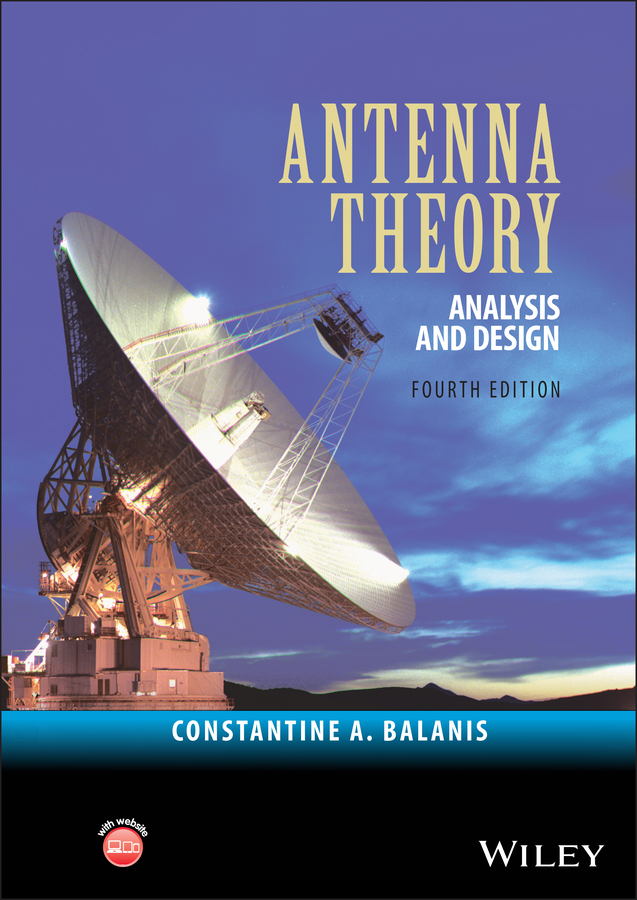
Antenna Theory Updated with color and gray scale illustrations, a companion website housing supplementary material, and new sections covering recent developments in antenna analysis and design This book introduces the fundamental principles of antenna theory and explains how to apply them to the analysis, design, and measurements of antennas. Due to the variety of methods of analysis and design, and the different antenna structures available, the applications covered in this book are made to some of the most basic and practical antenna configurations. Among these antenna configurations are linear dipoles; loops; arrays; broadband antennas; aperture antennas; horns; microstrip antennas; and reflector antennas. The text contains sufficient mathematical detail to enable undergraduate and beginning graduate students in electrical engineering and physics to follow the flow of analysis and design. Readers should have a basic knowledge of undergraduate electromagnetic theory, including Maxwell’s equations and the wave equation, introductory physics, and differential and integral calculus. Presents new sections on flexible and conformal bowtie, Vivaldi antenna, antenna miniaturization, antennas for mobile communications, dielectric resonator antennas, and scale modeling Provides color and gray scale figures and illustrations to better depict antenna radiation characteristics Includes access to a companion website housing MATLAB programs, Java-based applets and animations, Power Point notes, Java-based interactive questionnaires and a solutions manual for instructors Introduces over 100 additional end-of-chapter problems Antenna Theory: Analysis and Design, Fourth Edition is designed to meet the needs of senior undergraduate and beginning graduate level students in electrical engineering and physics, as well as practicing engineers and antenna designers. Constantine A. Balanis received his BSEE degree from the Virginia Tech in 1964, his MEE degree from the University of Virginia in 1966, his PhD in Electrical Engineering from The Ohio State University in 1969, and an Honorary Doctorate from the Aristotle University of Thessaloniki in 2004. From 1964 to 1970, he was with the NASA Langley Research Center in Hampton, VA, and from 1970 to 1983, he was with the Department of Electrical Engineering of West Virginia University. In 1983 he joined Arizona State University and is now Regents' Professor of Electrical Engineering. Dr. Balanis is also a life fellow of the IEEE. TECHNOLOGY & ENGINEERING,Electronics,General

Contributions to Autonomous Mobile Systems Autonomous mobile systems (AMS) are systems capable of some mobility and equipped with advanced sensor devices in order to flexibly respond to changing environmental situations, thus achieving some degree of autonomy. The purpose of this book is to contribute to some essential topics in this broad research area related to sensing and control, but not to present a complete design of an AMS. Subjects conceming knowledge based control and decision, such as moving around obstacles, task planning and diagnosis are left for future publications in this series. Research in the area of AMS has grown rapidly during the last decade, see e.g. [WAXMAN et al. 87], [DICKMANNS , ZAPP 87]. The requirements of an AMS strongly depends on the desired tasks the system should execute, its operational environment and the expected speed of the AMS. For instance, road vehicles obtain velocities of 10 m/s and more, therefore the processing of sensor data such as video image sequences has to be very fast and simple, while indoor mobile robots deal with shorter distances and lower speeds, thus more sophistcated techniques are applicable and -as is done in our approach- additional sensors can be integrated to allow for multi sensor processing. TECHNOLOGY & ENGINEERING,Electronics,General

Computational and Conversational Discourse Proceedings of the NATO Advanced Research Workshop on Burning Issues in Discourse, held in Maratea, Italy, April 13-15, 1993 TECHNOLOGY & ENGINEERING,Electronics,General
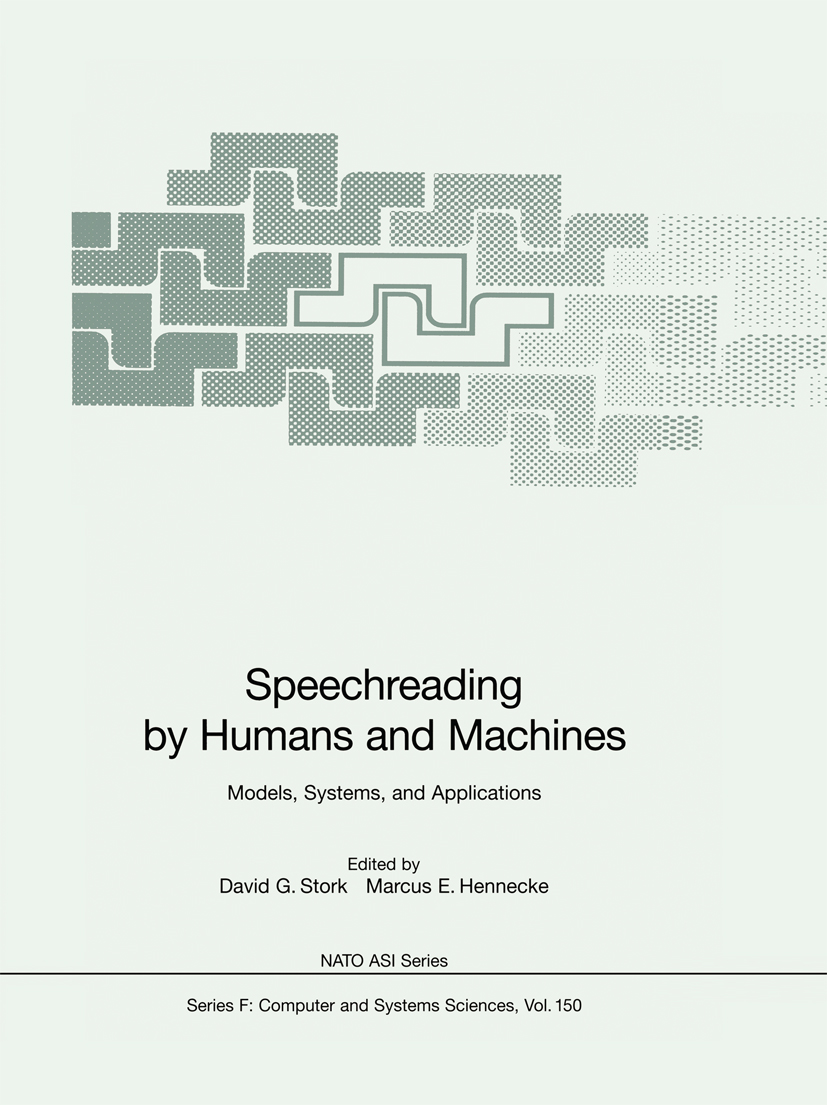
Speechreading by Humans and Machines Proceedings of the NATO Advanced Study Institute on Speechreading by Man and Machine, held in Castera-Verzudan, France, August 28 - September 8, 1995 TECHNOLOGY & ENGINEERING,Electronics,General
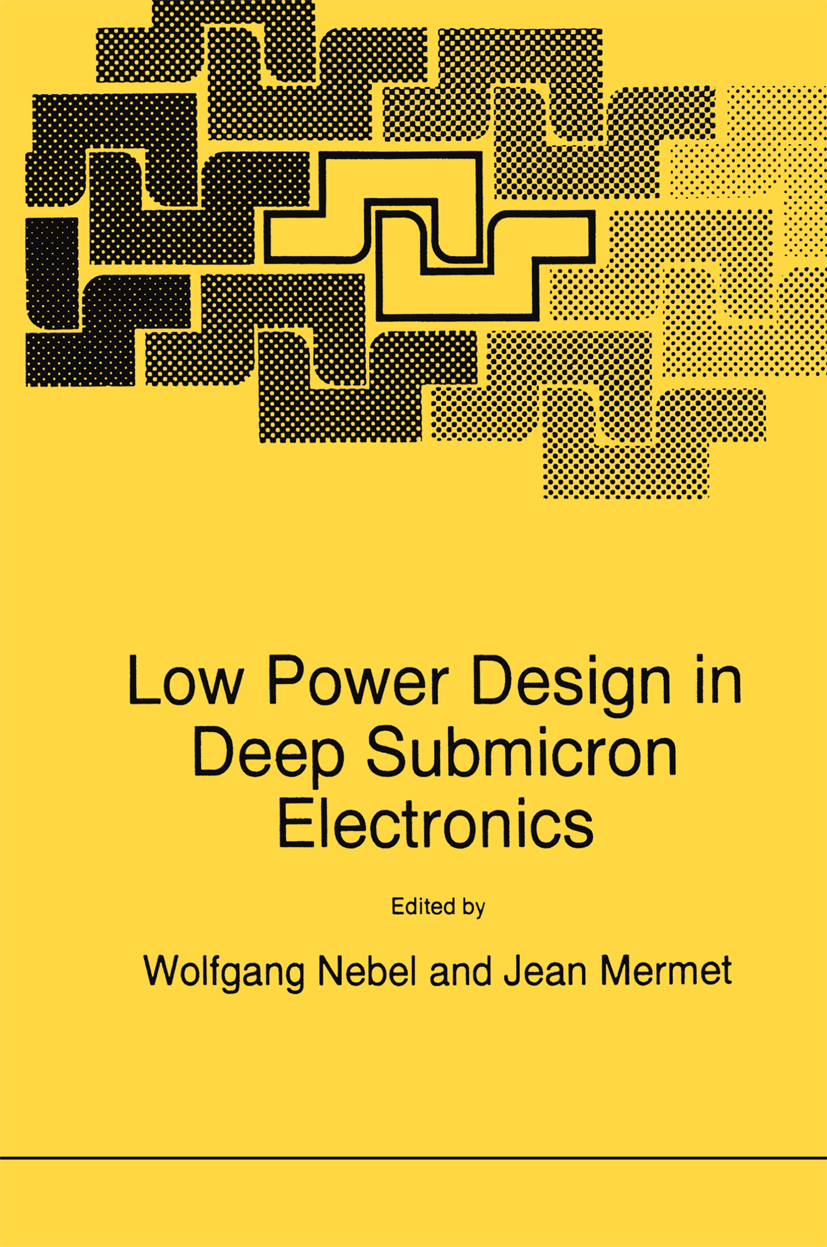
Low Power Design in Deep Submicron Electronics Low Power Design in Deep Submicron Electronics deals with the different aspects of low power design for deep submicron electronics at all levels of abstraction from system level to circuit level and technology. Its objective is to guide industrial and academic engineers and researchers in the selection of methods, technologies and tools and to provide a baseline for further developments. Furthermore the book has been written to serve as a textbook for postgraduate student courses. In order to achieve both goals, it is structured into different chapters each of which addresses a different phase of the design, a particular level of abstraction, a unique design style or technology. These design-related chapters are amended by motivations in Chapter 2, which presents visions both of future low power applications and technology advancements, and by some advanced case studies in Chapter 9. From the Foreword: `... This global nature of design for low power was well understood by Wolfgang Nebel and Jean Mermet when organizing the NATO workshop which is the origin of the book. They invited the best experts in the field to cover all aspects of low power design. As a result the chapters in this book are covering deep-submicron CMOS digital system design for low power in a systematic way from process technology all the way up to software design and embedded software systems. Low Power Design in Deep Submicron Electronics is an excellent guide for the practicing engineer, the researcher and the student interested in this crucial aspect of actual CMOS design. It contains about a thousand references to all aspects of the recent five years of feverish activity in this exciting aspect of design.' Hugo de Man Professor, K.U. Leuven, Belgium Senior Research Fellow, IMEC, Belgium TECHNOLOGY & ENGINEERING,Electronics,General

Si Silicon This is the first of three Gmelin Handbook volumes in the silicon se ries that will cover silicon nitride, a normaUy solid material with the idealized formula Si N . This volume, 3 4 "Silicon" Supplement Volume B Sc, is devoted to applications of silicon nitride in microelec tronics and solar ceUs. The compendium is the product of a critical selection among more than 17600 publications on silicon nitride issued up to January 1990. Out of a total of 5900 publications dealing with the fabrication and use of microelectronic devices (including 2400 Japanese patent applications), about 4000 papers have been selected for this volume. The current volume is grouped into three parts. Chapters 2 to 8 deal with general, non specific microelectronic applications of silicon nitride, Chapters 9 to 31 cover applications of silicon nitride in specific devices and device components, and Chapter 32 is devoted exclusively to applications in solar ceUs, including information on our general understanding of the role of silicon nitride in photovoltaic devices. Experimental results on the preparation of silicon nitride layers for application in unspeci fied devices are in Chapter 2. Whenever the preparation is in connection with specific devices, the information is presented in the respective chapters. The general preparation of silicon nitride layers is not covered in this volume, but will appear in "Silicon" Supplement Volume B 5a. See also the Introductory Remarks, Chapter 1, p. 1. TECHNOLOGY & ENGINEERING,Electronics,General
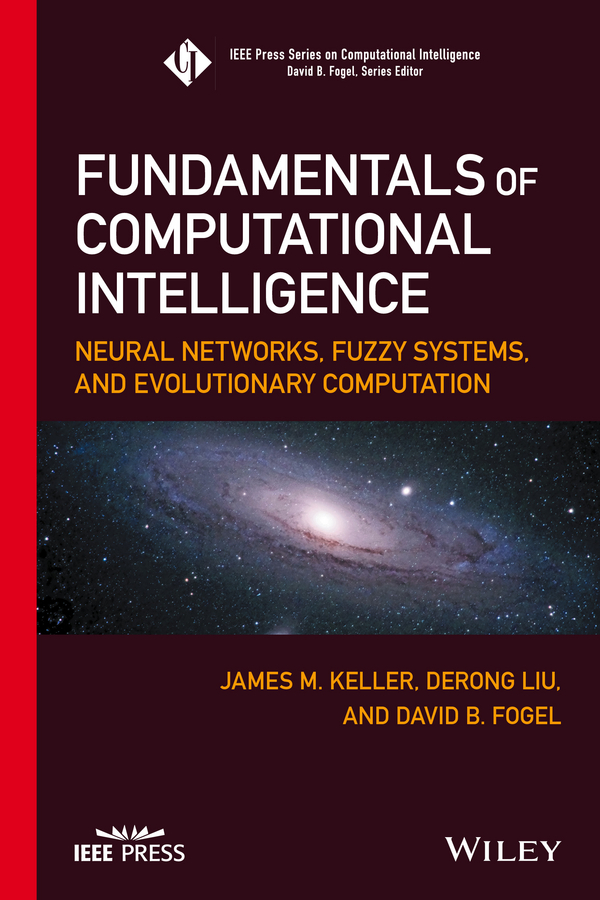
Fundamentals of Computational Intelligence Provides an in-depth and even treatment of the three pillars of computational intelligence and how they relate to one another This book covers the three fundamental topics that form the basis of computational intelligence: neural networks, fuzzy systems, and evolutionary computation. The text focuses on inspiration, design, theory, and practical aspects of implementing procedures to solve real-world problems. While other books in the three fields that comprise computational intelligence are written by specialists in one discipline, this book is co-written by current former Editor-in-Chief of IEEE Transactions on Neural Networks and Learning Systems, a former Editor-in-Chief of IEEE Transactions on Fuzzy Systems, and the founding Editor-in-Chief of IEEE Transactions on Evolutionary Computation. The coverage across the three topics is both uniform and consistent in style and notation. Discusses single-layer and multilayer neural networks, radial-basis function networks, and recurrent neural networks Covers fuzzy set theory, fuzzy relations, fuzzy logic interference, fuzzy clustering and classification, fuzzy measures and fuzzy integrals Examines evolutionary optimization, evolutionary learning and problem solving, and collective intelligence Includes end-of-chapter practice problems that will help readers apply methods and techniques to real-world problems Fundamentals of Computational intelligence is written for advanced undergraduates, graduate students, and practitioners in electrical and computer engineering, computer science, and other engineering disciplines. TECHNOLOGY & ENGINEERING,Electronics,General
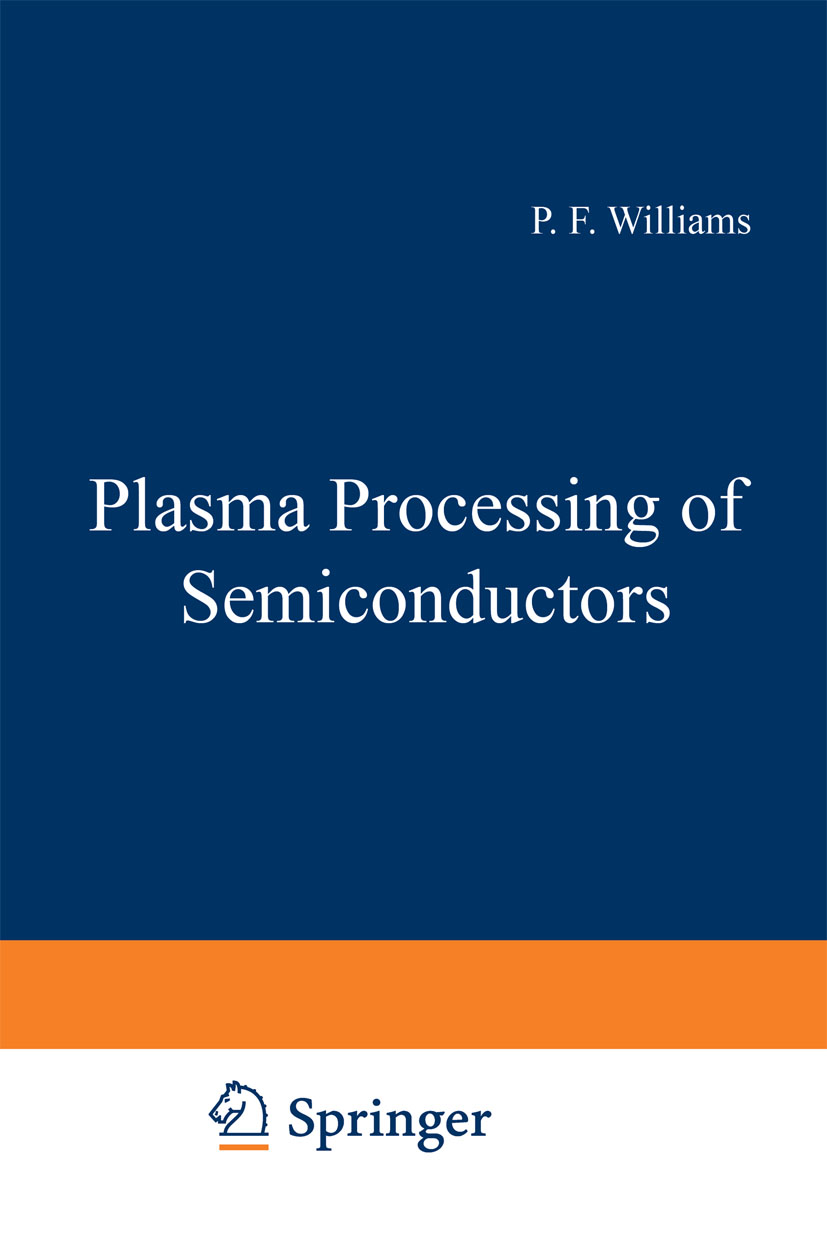
Plasma Processing of Semiconductors Proceedings of the NATO Advanced Study Institute, Château de Bonas, France, 17-28 June 1996 TECHNOLOGY & ENGINEERING,Electronics,General

Subband Image Coding This book concerns a new method of image data compression which weil may supplant the well-established block-transfonn methods that have been state-of-the art for the last 15 years. Subband image coding or SBC was first perfonned as such in 1985, and as the results became known at first through conference proceedings, and later through journal papers, the research community became excited about both the theoretical and practical aspects of this new approach. This excitement is continuing today, with many major research laboratories and research universities around the world investigating the subband approach to coding of color images, high resolution images, video- including video conferencing and advanced tele vision, and the medical application of picture archiving systems. Much of the fruits of this work is summarized in the eight chapters of this book which were written by leading practitioners in this field. The subband approach to image coding starts by passing the image through a two- or three-dimensional filter bank. The two-dimensional (2-D) case usually is hierarchical' consisting of two stages of four filters each. Thus the original image is split into 16 subband images, with each one decimated or subsampled by 4x4, resulting in a data conservation. The individual channel data is then quantized ·for digital transmission. In an attractive variation an octave-like approach, herein tenned subband pyramid, is taken for the decomposition resulting in a total of just eleven subbands. TECHNOLOGY & ENGINEERING,Electronics,General
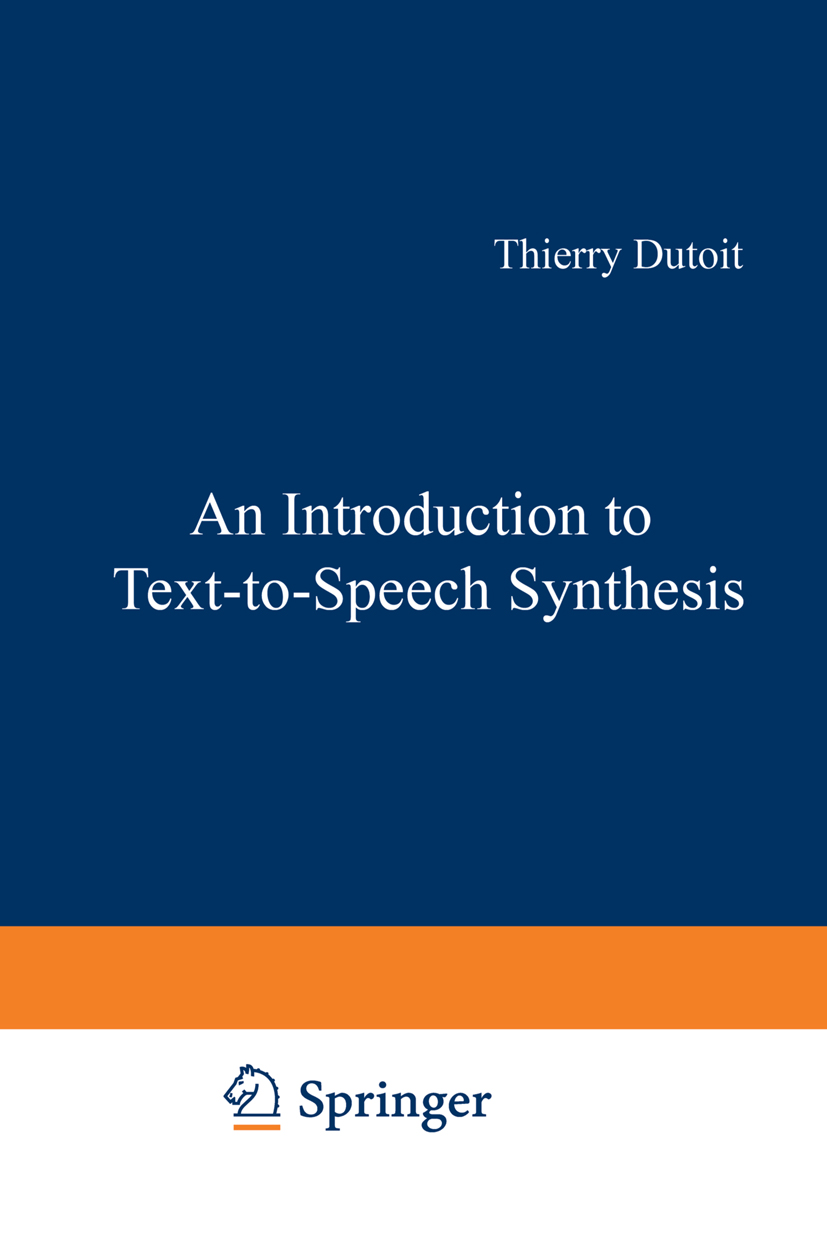
An Introduction to Text-to-Speech Synthesis An Introduction to Text-to-Speech Synthesis is a comprehensive introduction to the subject. The author treats two areas of speech synthesis: Part I of the book concerns natural language processing and the inherent problems it presents for speech synthesis; Part II focuses on digital signal processing, with an emphasis on the concatenative approach. Both parts of the text guide the reader through the material in a step-by-step easy-to-follow way. This is the first book to treat the topic of speech synthesis from the perspective of two different engineering approaches. The book will be of interest to researchers and students in phonetics and speech communication, in both academia and industry. TECHNOLOGY & ENGINEERING,Electronics,General
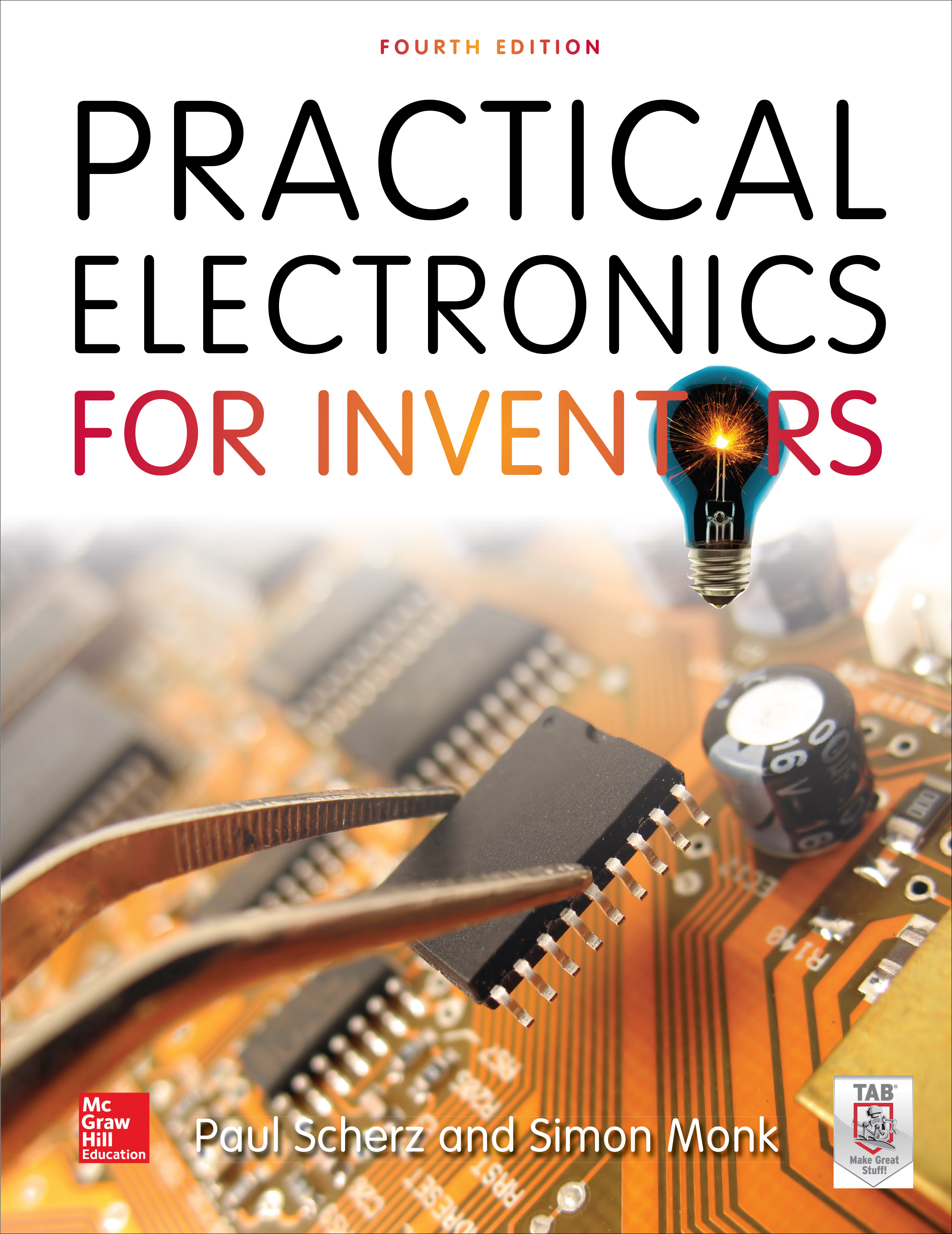
Practical Electronics for Inventors, Fourth Edition A Fully-Updated, No-Nonsense Guide to Electronics Advance your electronics knowledge and gain the skills necessary to develop and construct your own functioning gadgets. Written by a pair of experienced engineers and dedicated hobbyists, Practical Electronics for Inventors, Fourth Edition, lays out the essentials and provides step-by-step instructions, schematics, and illustrations. Discover how to select the right components, design and build circuits, use microcontrollers and ICs, work with the latest software tools, and test and tweak your creations. This easy-to-follow book features new instruction on programmable logic, semiconductors, operational amplifiers, voltage regulators, power supplies, digital electronics, and more. Practical Electronics for Inventors, Fourth Edition, covers: Resistors, capacitors, inductors, and transformers Diodes, transistors, and integrated circuits Optoelectronics, solar cells, and phototransistors Sensors, GPS modules, and touch screens Op amps, regulators, and power supplies Digital electronics, LCD displays, and logic gates Microcontrollers and prototyping platforms Combinational and sequential programmable logic DC motors, RC servos, and stepper motors Microphones, audio amps, and speakers Modular electronics and prototypes TECHNOLOGY & ENGINEERING,Electronics,General
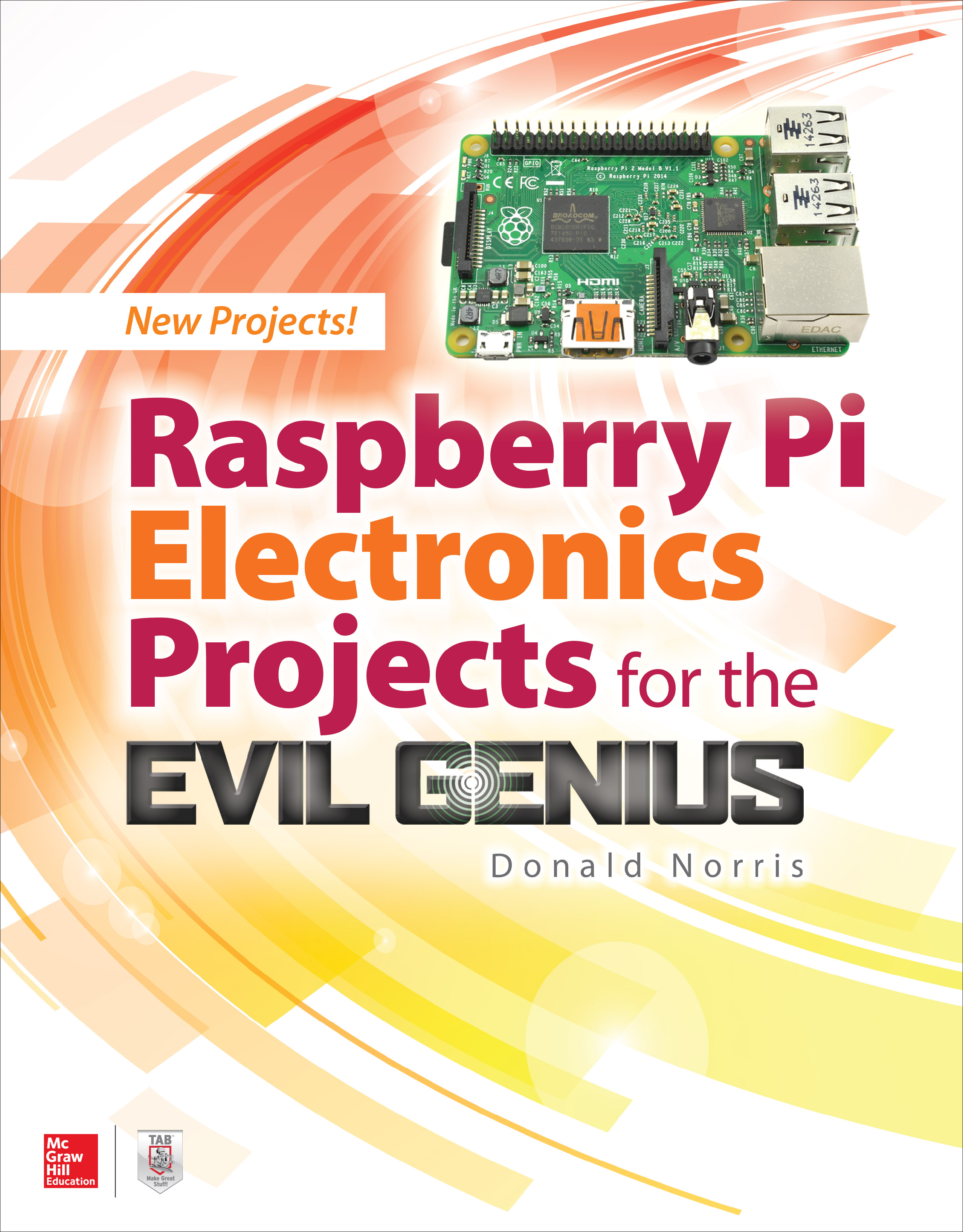
Raspberry Pi Electronics Projects for the Evil Genius Program your own MicroPython projects with ease—no prior programming experience necessary! This DIY guide provides a practical introduction to microcontroller programming with MicroPython. Written by an experienced electronics hobbyist, Python for Microcontrollers: Getting Started with MicroPython features eight start-to-finish projects with clear, easy-to-follow instructions for each. You will learn how to use sensors, store data, control motors and other devices, and work with expansion boards. From there, you’ll discover how to design, build, and program all kinds of entertaining and practical projects of your own. • Learn MicroPython and object-oriented programming basics• Interface with a PC and load files, programs, and modules• Work with the LEDs, timers, and converters• Control external devices using serial interfaces and PWM• Build and program a let ball detector using the three-axis accelerometer• Install and program LCD and touch-sensor expansion boards• Record and play sounds using the AMP audio board TECHNOLOGY & ENGINEERING,Electronics,General
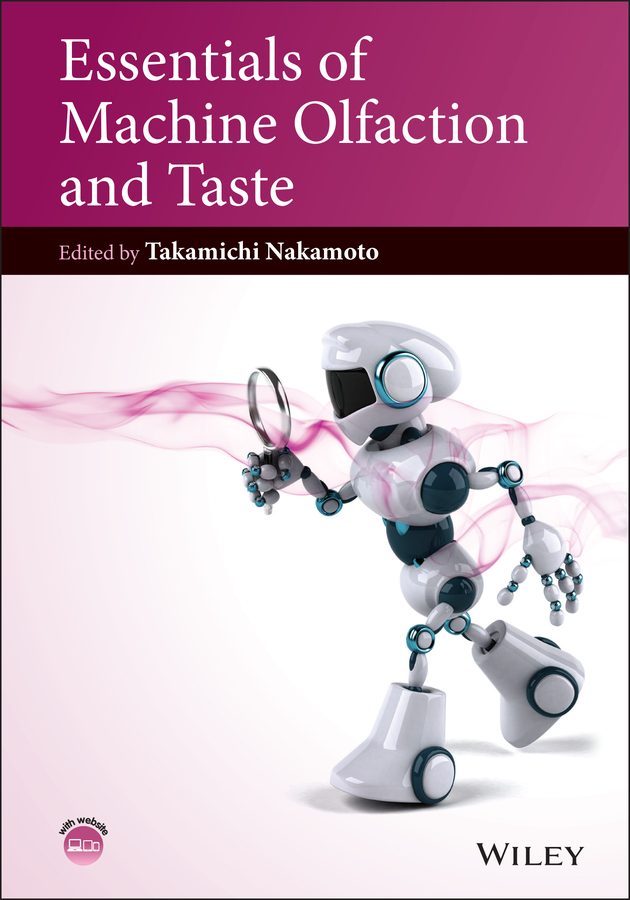
Essentials of Machine Olfaction and Taste This book provides a valuable information source for olfaction and taste which includes a comprehensive and timely overview of the current state of knowledge of use for olfaction and taste machines Presents original, latest research in the field, with an emphasis on the recent development of human interfacing Covers the full range of artificial chemical senses including olfaction and taste, from basic through to advanced level Timely project in that mobile robots, olfactory displays and odour recorders are currently under research, driven by commercial demand TECHNOLOGY & ENGINEERING,Electronics,General
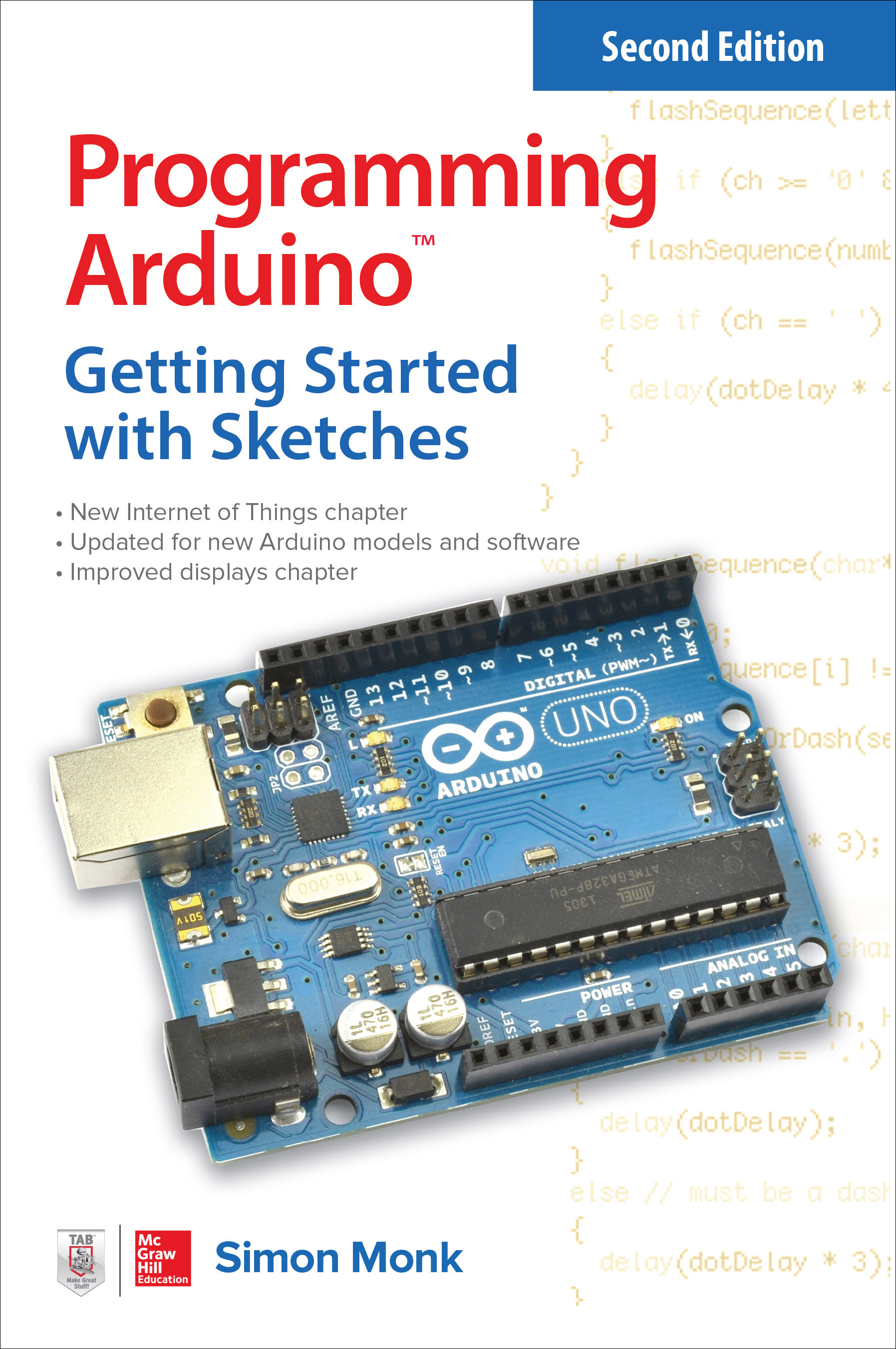
Programming Arduino A fully updated guide to quickly and easily programming Arduino Thoroughly revised for the new Arduino Uno R3, this bestselling guide explains how to write well-crafted sketches using Arduino’s modified C language. You will learn how to configure hardware and software, develop your own sketches, work with built-in and custom Arduino libraries, and explore the Internet of Things—all with no prior programming experience required! Electronics guru Simon Monk gets you up to speed quickly, teaching all concepts and syntax through simple language and clear instruction designed for absolute beginners. Programming Arduino: Getting Started with Sketches, Second Edition, features dozens of easy-to-follow examples and high-quality illustrations. All of the sample sketches featured in the book can be used as-is or modified to suit your needs. An all-new chapter teaches programming Arduino for Internet of Things projects Screenshots, diagrams, and source code illustrate each technique All sample programs in the book are available for download TECHNOLOGY & ENGINEERING,Electronics,General
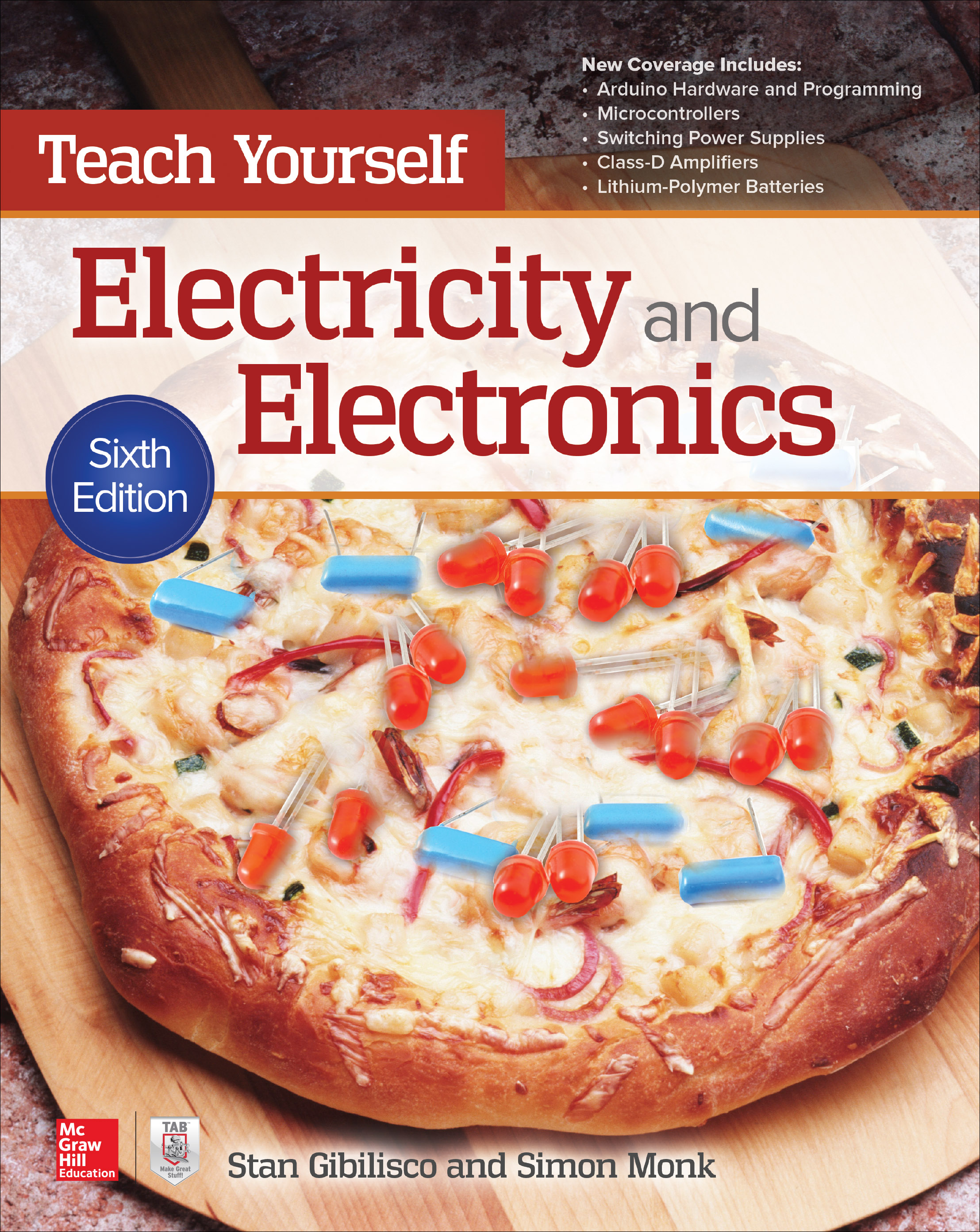
Teach Yourself Electricity and Electronics, Sixth Edition Learn electricity and electronics fundamentals and applications—all without taking a formal course This fully updated guide offers practical, easy-to-follow instruction on electricity and electronics. Written by a pair of experienced instructors, Teach Yourself Electricity and Electronics, Sixth Edition, features plain language explanations and step-by-step lessons that make it easy to understand the material quickly. Throughout, detailed illustrations, practical examples, and self-tests reinforce key concepts. Inside, you’ll find all-new coverage of switching power supplies, class-D amplifiers, lithium-polymer batteries, microcontrollers—even the Arduino electronics platform. This up-to-date sixth edition covers: · Direct Current (DC) Circuits · Resistors · Cells and Batteries · Magnetism · Alternating Current (AC) Circuits · Inductors and Capacitors · Phase · Inductive and Capacitive Reactance · Impedance and Admittance · AC Power and Resonance · Transformers and Impedance Matching · Semiconductors, Diodes, and Transistors · Integrated Circuits (ICs) and Electron Tubes · Amplifiers and Oscillators · Wireless Transmitters and Receivers · Digital Circuits · Microcontrollers, including the Arduino · Transducers, Sensors, Location, and Navigation · Acoustics and Audio · Lasers · Advanced Communication Systems · Antennas for RF Communications TECHNOLOGY & ENGINEERING,Electronics,General
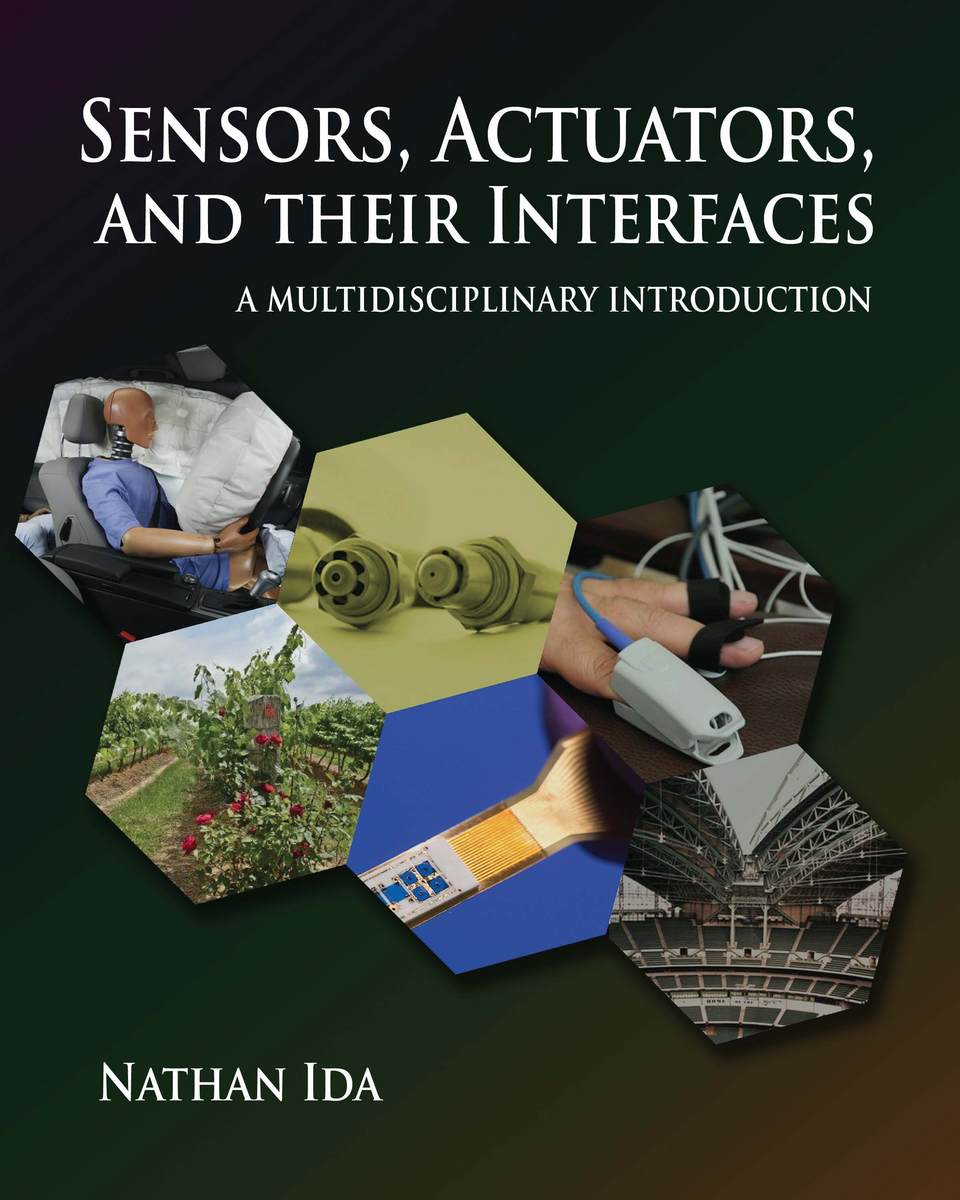
Sensors, Actuators, and their Interfaces This book brings sensors, actuators and interfaces out of obscurity and integrates them for multiple disciplines including electrical, mechanical, chemical, and biomedical engineering. Real world cases, worked examples, and problem sets with selected answers provide both fundamental understanding and how industry develops sensor systems. TECHNOLOGY & ENGINEERING,Electronics,General
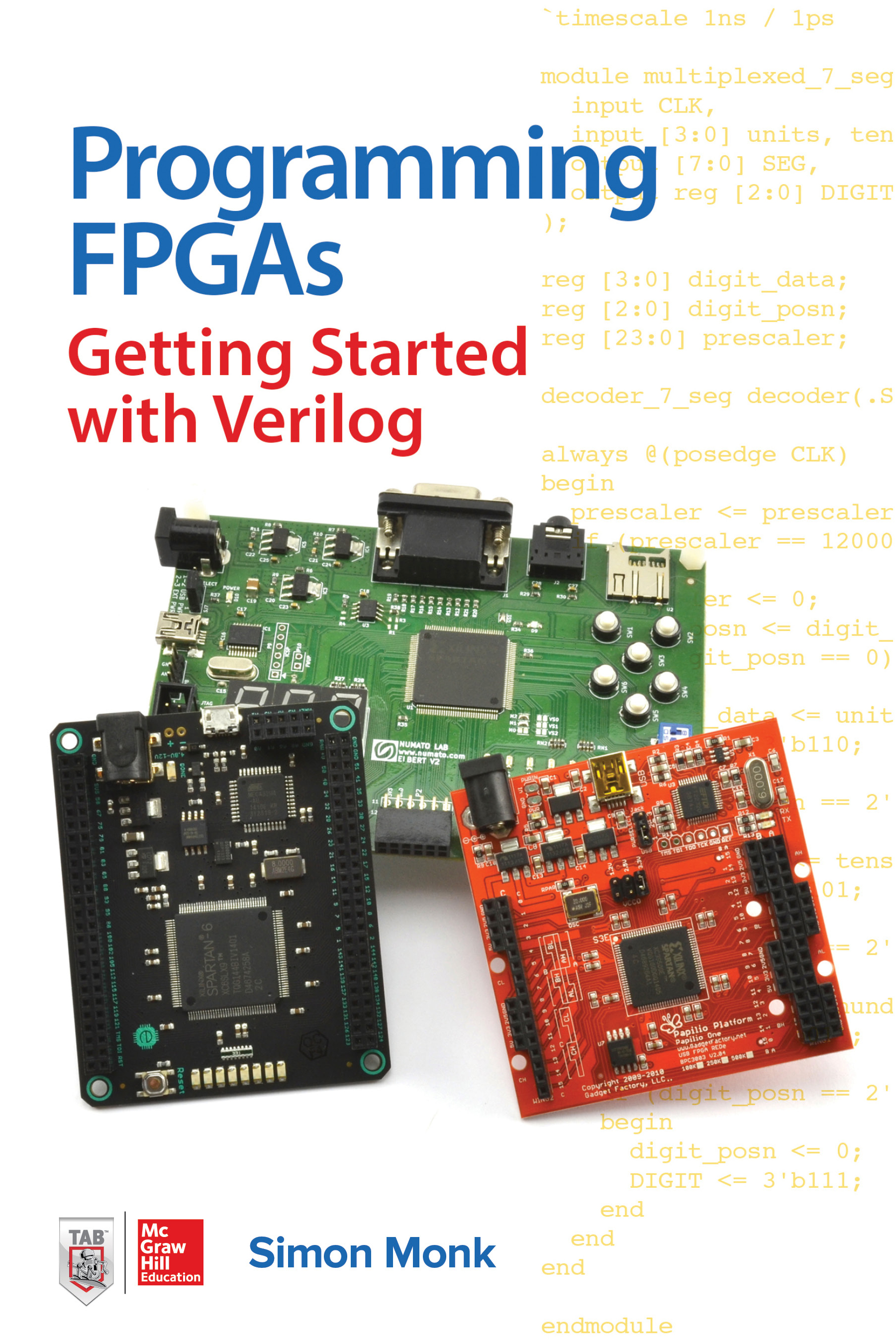
Programming FPGAs Take your creations to the next level with FPGAs and Verilog This fun guide shows how to get started with FPGA technology using the popular Mojo, Papilio One, and Elbert 2 boards. Written by electronics guru Simon Monk, Programming FPGAs: Getting Started with Verilog features clear explanations, easy-to-follow examples, and downloadable sample programs. You’ll get start-to-finish assembly and programming instructions for numerous projects, including an LED decoder, a timer, a tone generator—even a memory-mapped video display! The book serves both as a hobbyists’ guide and as an introduction for professional developers. • Explore the basics of digital electronics and digital logic• Examine the features of the Mojo, Papilio One, and Elbert 2 boards• Set up your computer and dive in to Verilog programming• Work with the ISE Design Suite and user constraints files• Understand and apply modular Verilog programming methods• Generate electrical pulses through your board’s GPIO ports• Control servomotors and create your own sounds• Attach a VGA TV or computer monitor and generate video• All source code and finished bit files available for download TECHNOLOGY & ENGINEERING,Electronics,General
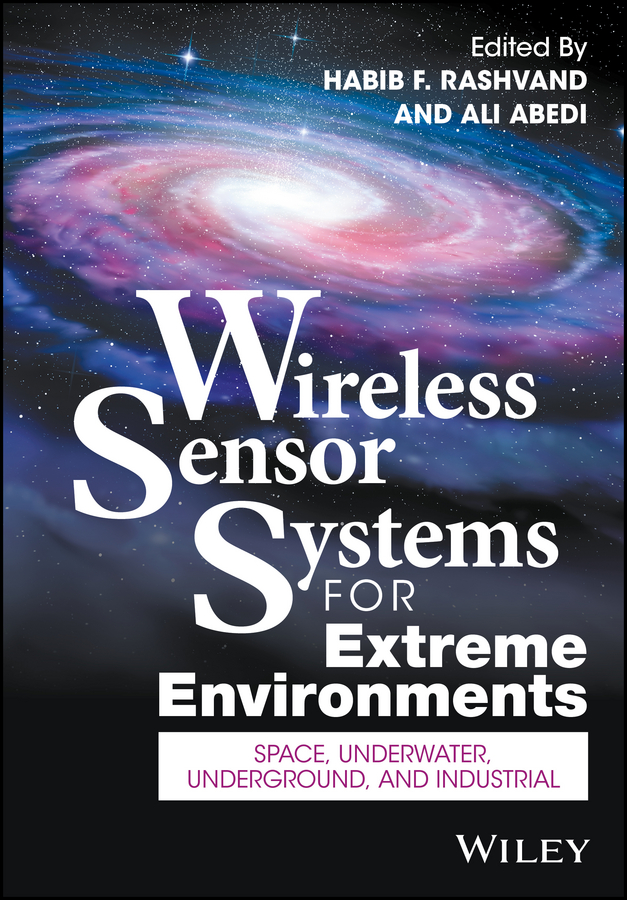
Wireless Sensor Systems for Extreme Environments Provides unique coverage of wireless sensor system applications in space, underwater, underground, and extreme industrial environments in one volume This book covers the challenging aspects of wireless sensor systems and the problems and conditions encountered when applying them in outer space, under the water, below the ground, and in extreme industrial environments. It explores the unique aspects of designs and solutions that address those problems and challenges, and illuminates the connections, similarities, and differences between the challenges and solutions in those various environments. The creation of Wireless Sensor Systems for Extreme Environments is a response to the spread of wireless sensor technology into fields of health, safety, manufacturing, space, environmental, smart cities, advanced robotics, surveillance, and agriculture. It is the first of its kind to present, in a single reference, the unique aspects of wireless sensor system design, development, and deployment in such extreme environments—and to explore the similarities and possible synergies between them. The application of wireless sensor systems in these varied environments has been lagging dramatically behind their application in more conventional environments, making this an especially relevant book for investigators and practitioners in all of these areas. Wireless Sensor Systems for Extreme Environments is presented in five parts that cover: Wireless Sensor Systems for Extreme Environments—Generic Solutions Space WSS Solutions and Applications Underwater and Submerged WSS Solutions Underground and Confined Environments WSS Solutions Industrial and Other WSS Solutions This book is a welcome guide for researchers, post-graduate students, engineers and scientists who design and build operational and environmental control systems, emergency response systems, and situational awareness systems for unconventional environments. TECHNOLOGY & ENGINEERING,Electronics,General
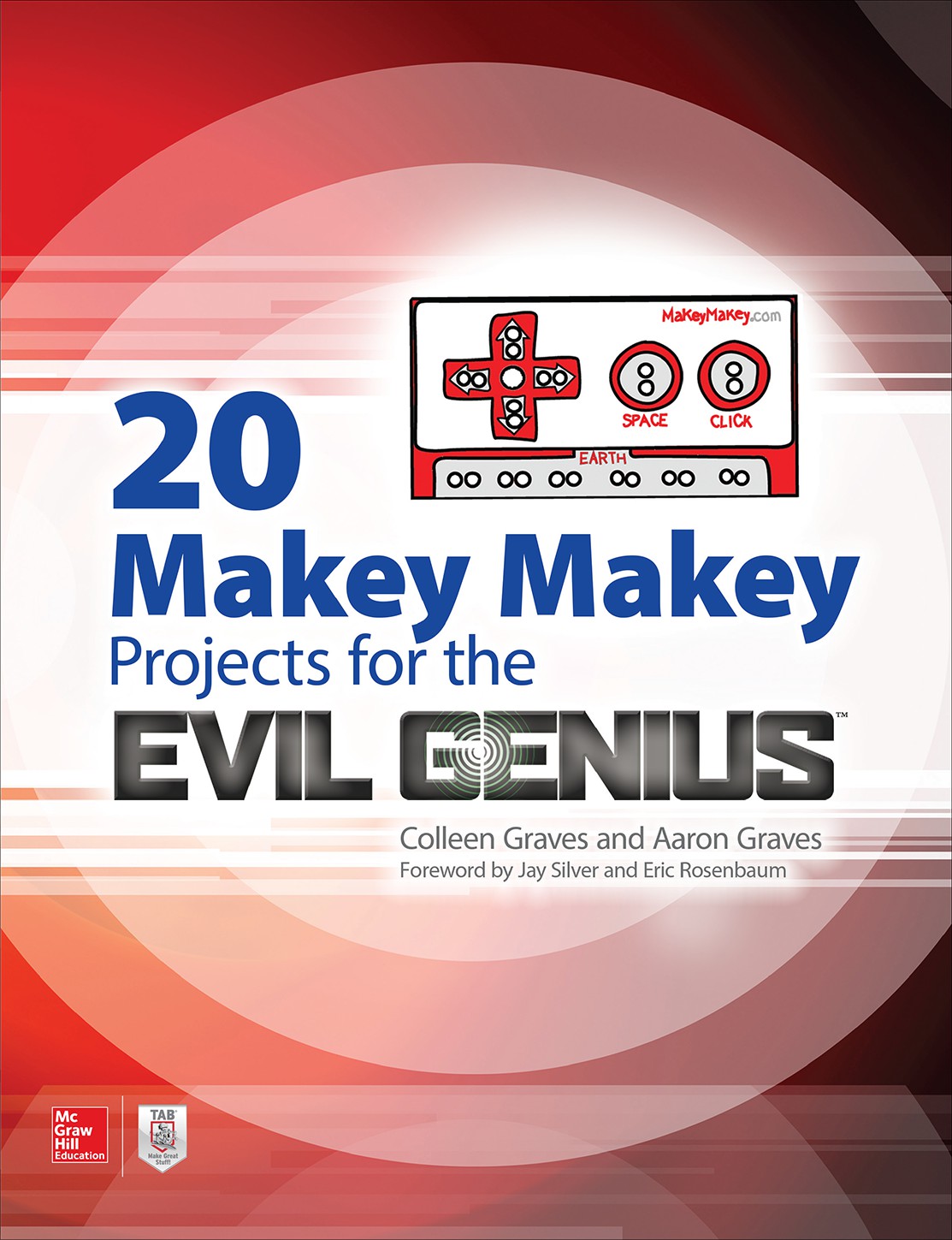
20 Makey Makey Projects for the Evil Genius A comprehensive overview of robotics principles, systems, and applications This hands-on TAB guide is filled with DIY projects that show readers, step-by-step, how to start creating and making cool inventions with the Makey Makey invention kit. Each project features easy-to-follow, fully-illustrated instructions and detailed photographs of the finished gadget. You will see how to apply these skills and start building your own Makey Makey projects. 20 Makey Makey Projects for the Evil Genius starts off with very approachable introductory projects, making it a great starting point for beginners. It then builds to more challenging projects, allowing more experienced users to go further by incorporating technologies like Raspberry Pi, Processing and Scratch programming, 3D Printing, and creating wearable electronics with Makey Makey. Projects are divided into four categories: “Fun and Games,†Interactive,†Hacks and Pranks,†and “Makey Makey Go.†• No prior programming or technical experience is required• Basic enough for beginners, but challenging enough for advanced makers• Written by two educators who believe in fostering creative innovation for all TECHNOLOGY & ENGINEERING,Electronics,General

Make Your Own PCBs with EAGLE Publisher's Note: Products purchased from Third Party sellers are not guaranteed by the publisher for quality, authenticity, or access to any online entitlements included with the product. Fully updated coverage of PCB design and construction with EAGLE This thoroughly revised, easy-to-follow guide shows, step-by-step, how to create your own professional-quality PCBs using the latest versions of EAGLE. Make Your Own PCBs with EAGLE: From Schematic Designs to Finished Boards, Second Edition, guides you through the process of developing a schematic, transforming it into a PCB layout, and submitting Gerber files to a manufacturing service to fabricate your finished board. Four brand-new chapters contain advanced techniques, tips, and features. Downloadable DIY projects include a sound level meter, Arduino shield, Raspberry Pi expansion board, and more! • Install and configure EAGLE—including EAGLE v7.7.0• Explore EAGLE’s screens and create schematic and board files• Select the right components and launch your own projects• Create scripts and User Language Programs that automate repetitive tasks• Build your own libraries and parts and modify existing components• Generate Gerber design files to submit for fabrication• Solder through-hole PCBs and SMD boards• Learn how to streamline your design thinking and workflow• Design non-rectangular and custom-shaped boards• Learn advanced techniques and take your boards to the next level TECHNOLOGY & ENGINEERING,Electronics,General

Analog Design and Simulation Using OrCAD Capture and PSpice New to this edition: Updated to using OrCAD Release 17.2 and its new features; Coverage of PSPICE extra features: PSpice Designer, PSpice Designer Plus, Modelling Application, PSpice Part Search Symbol Viewer, PSpice Report, Associate PSpice model, New delay functions for Behavioural Simulation Models, New Models, Support for negative values in hysteresis voltage and threshold voltage; A new chapter on PSpice Advanced Analysis Analog Design and Simulation Using OrCAD Capture and PSpice, Second Edition provides step-by-step instructions on how to use the Cadence/OrCAD family of Electronic Design Automation software for analog design and simulation. The book explains how to enter schematics in Capture, set up project types, project libraries and prepare circuits for PSpice simulation. There are chapters on the different analysis types for DC Bias point, DC sweep, AC frequency sweep, Parametric analysis, Temperature analysis, Performance Analysis, Noise analysis, Sensitivity and Monte Carlo simulation. Subsequent chapters explain how the Stimulus Editor is used to define custom analog and digital signals, how the Model Editor is used to view and create new PSpice models and Capture parts and how the Magnetic Parts Editor is used to design transformers and inductors. Other chapters include Analog Behaviorial models, Test Benches as well as how to create hierarchical designs. The book includes the latest features in the OrCAD 17.2 release and there are exercises with step by step instructions at the end of each chapter that enables the reader to progress based upon their experience and knowledge gained from previous chapters. The author worked for Cadence for over eight years and supported and delivered OrCAD PSpice training courses all over Europe. This book has been endorsed by Cadence. In addition, there are new chapters on the PSpice Advanced Analysis suite of tools: Sensitivity Analysis, Optimizer, Monte Carlo, and Smoke Analysis.The chapters show how circuit performance can effectively be maximised and optimised for variations in component tolerances, temperature effects, manufacturing yields and component stress. Provides both a comprehensive user guide and a detailed overview of simulation using OrCAD Capture and PSpice Includes worked and ready to try sample designs and a wide range of to-do exercises Covers Capture and PSpice together TECHNOLOGY & ENGINEERING,Electronics,General
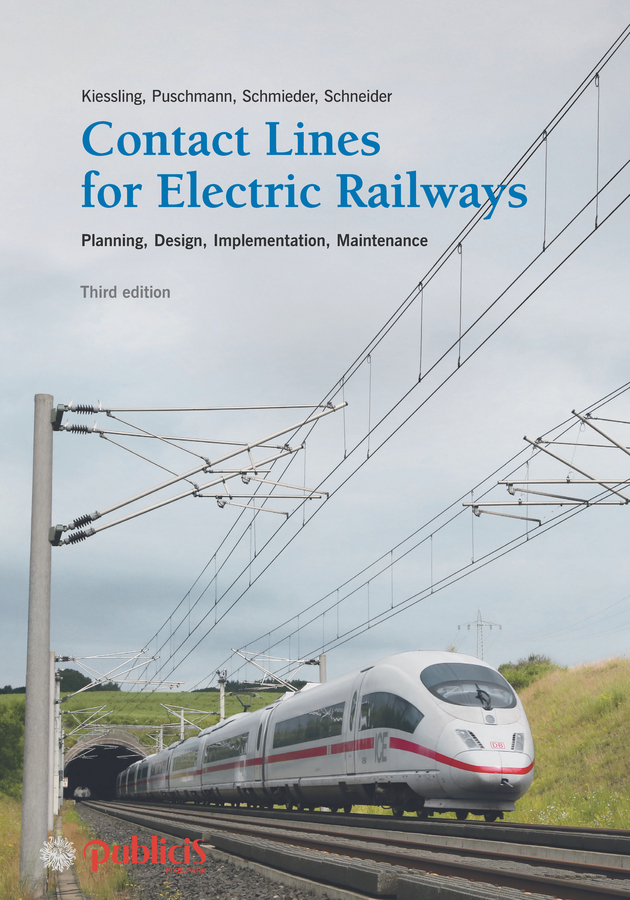
Contact Lines for Electric Railways Electric traction is the most favourable type of power supply for electric railways from both an ecological and an economic perspective. In the case of urban mass transit and high-speed trains it is the only possible type of traction. Its reliability largely depends on contact lines, which must operate in all climatic conditions with as high availability and as little maintenance as possible. Extreme demands arise when overhead contact lines are required to provide reliable and safe power transmission to traction vehicles travelling at speeds in excess of 250 km/h. The authors have used their worldwide experience to provide comprehensive descriptions of configuration, mechanical and electrical design, installation, operation and maintenance of contact lines for local and long-distance transportation systems, including high-speed lines. In this book, railway company professionals and manufacturers of contact line systems, students and those embarking on a career in this field will find practical guidance in the planning and implementation of systems, product descriptions, specifications and technical data, including standards and other regulations. Special emphasis is laid on the interaction of the individual components of power supply, especially between contact lines and pantographs. Since large sections of the book are dedicated to system aspects, consultant engineers can also use it as a basis for designing systems as well as interfaces to other subsystems of electric railway engineering. The contents of the book are rounded off by examples of running systems. TECHNOLOGY & ENGINEERING,Electronics,General
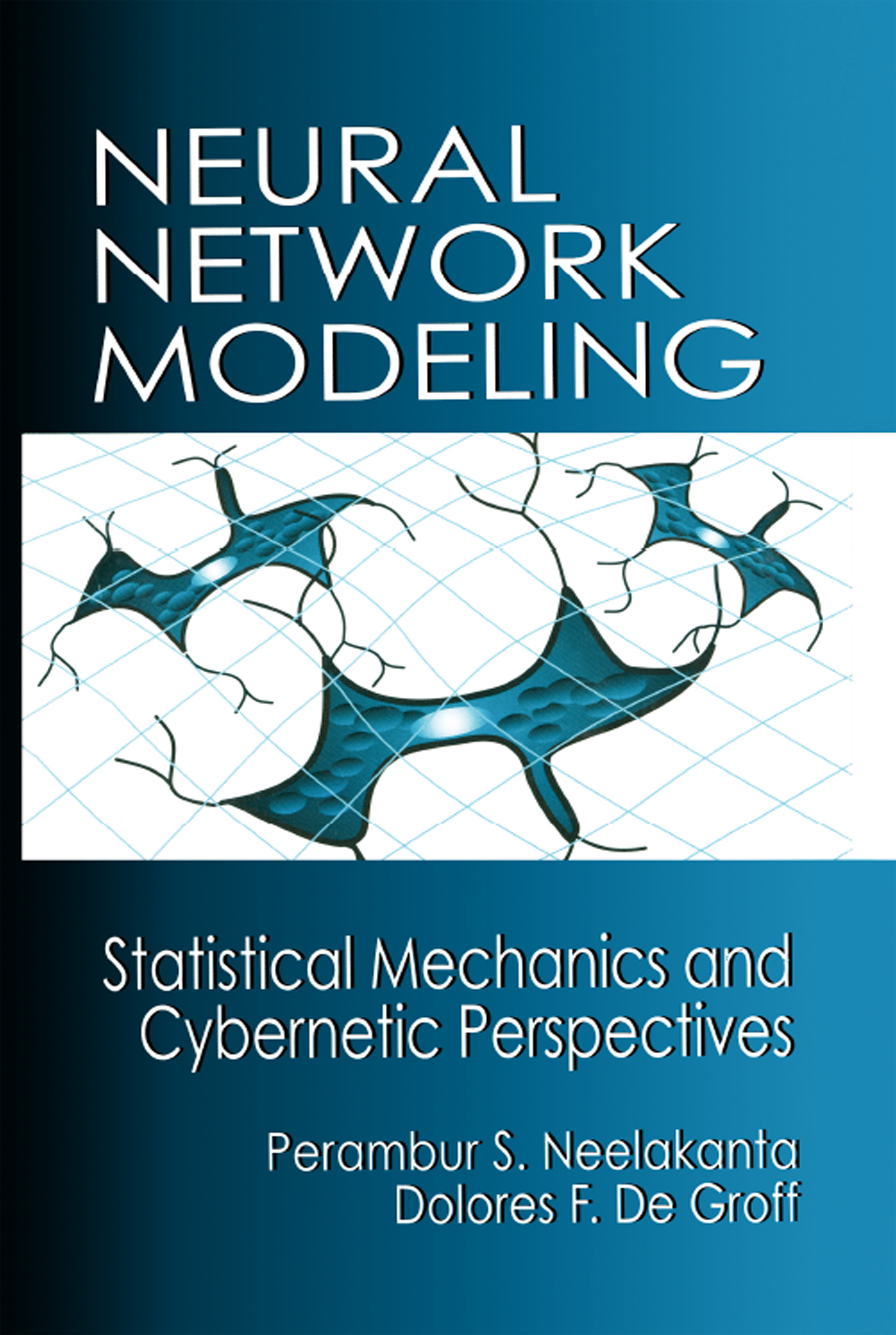
Neural Network Modeling Neural Network Modeling offers a cohesive approach to the statistical mechanics and principles of cybernetics as a basis for neural network modeling. It brings together neurobiologists and the engineers who design intelligent automata to understand the physics of collective behavior pertinent to neural elements and the self-control aspects of neurocybernetics. The theoretical perspectives and explanatory projections portray the most current information in the field, some of which counters certain conventional concepts in the visualization of neuronal interactions. TECHNOLOGY & ENGINEERING,Electronics,General
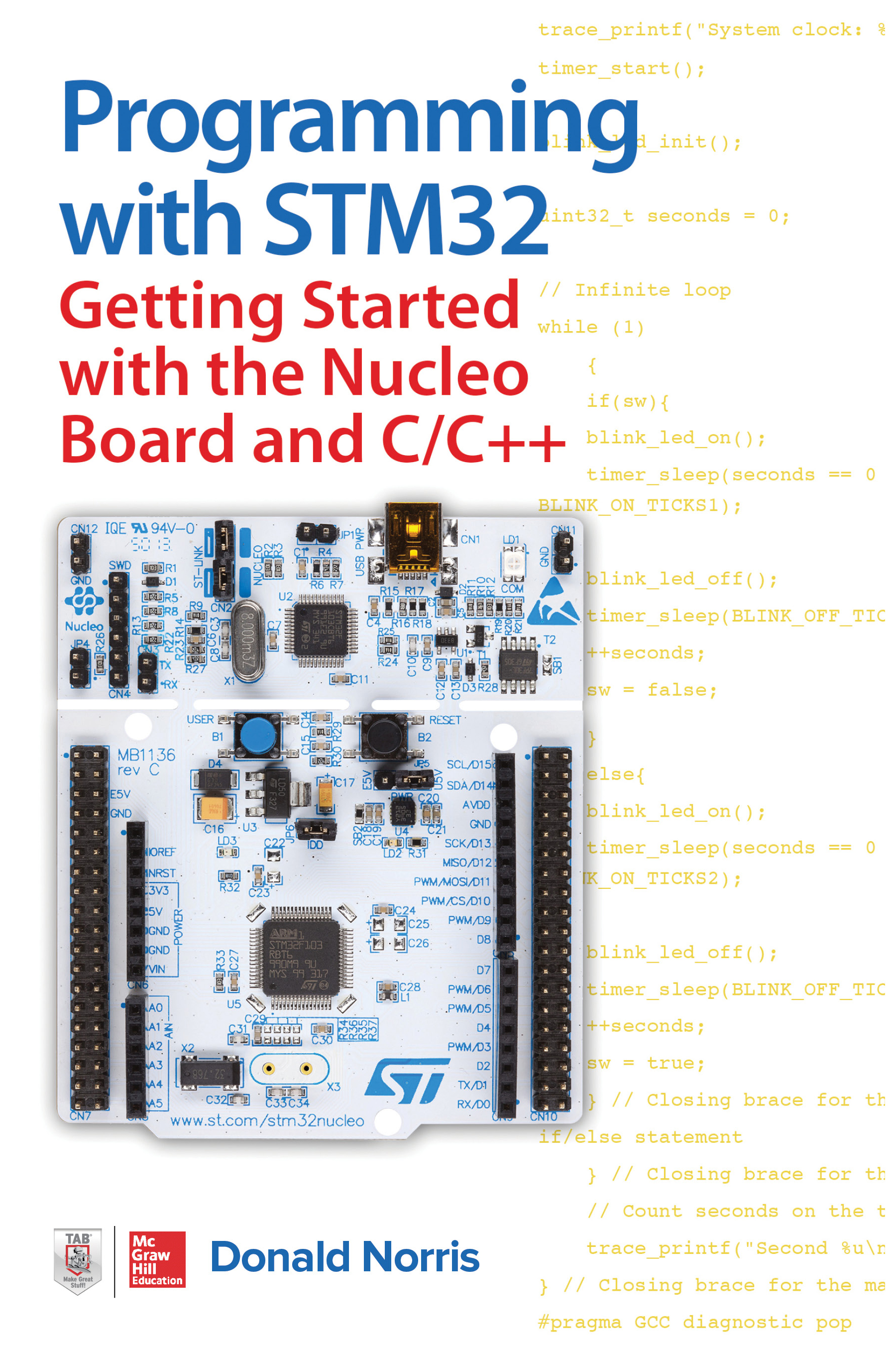
Programming with STM32 Publisher's Note: Products purchased from Third Party sellers are not guaranteed by the publisher for quality, authenticity, or access to any online entitlements included with the product. Create your own STM32 programs with ease! Get up and running programming the STM32 line of microcontrollers from STMicroelectronics using the hands-on information contained in this easy-to-follow guide. Written by an experienced electronics hobbyist and author, Programming with STM32: Getting Started with the Nucleo Board and C/C++ features start-to-finish projects that clearly demonstrate each technique. Discover how to set up a stable development toolchain, write custom programs, download your programs to the development board, and execute them. You will even learn how to work with external servos and LED displays! • Explore the features of STM32 microcontrollers from STMicroelectonics • Configure your Nucleo-64 Microcontroller development board • Establish a toolchain and start developing interesting applications • Add specialized code and create cool custom functions • Automatically generate C code using the STM32CubeMX application • Work with the ARM Cortex Microcontroller Software Interface Standard and the STM hardware abstraction layer (HAL). • Control servos, LEDs, and other hardware using PWM • Transfer data to and from peripheral devices using DMA • Generate waveforms and pulses through your microcontroller’s DAC TECHNOLOGY & ENGINEERING,Electronics,General
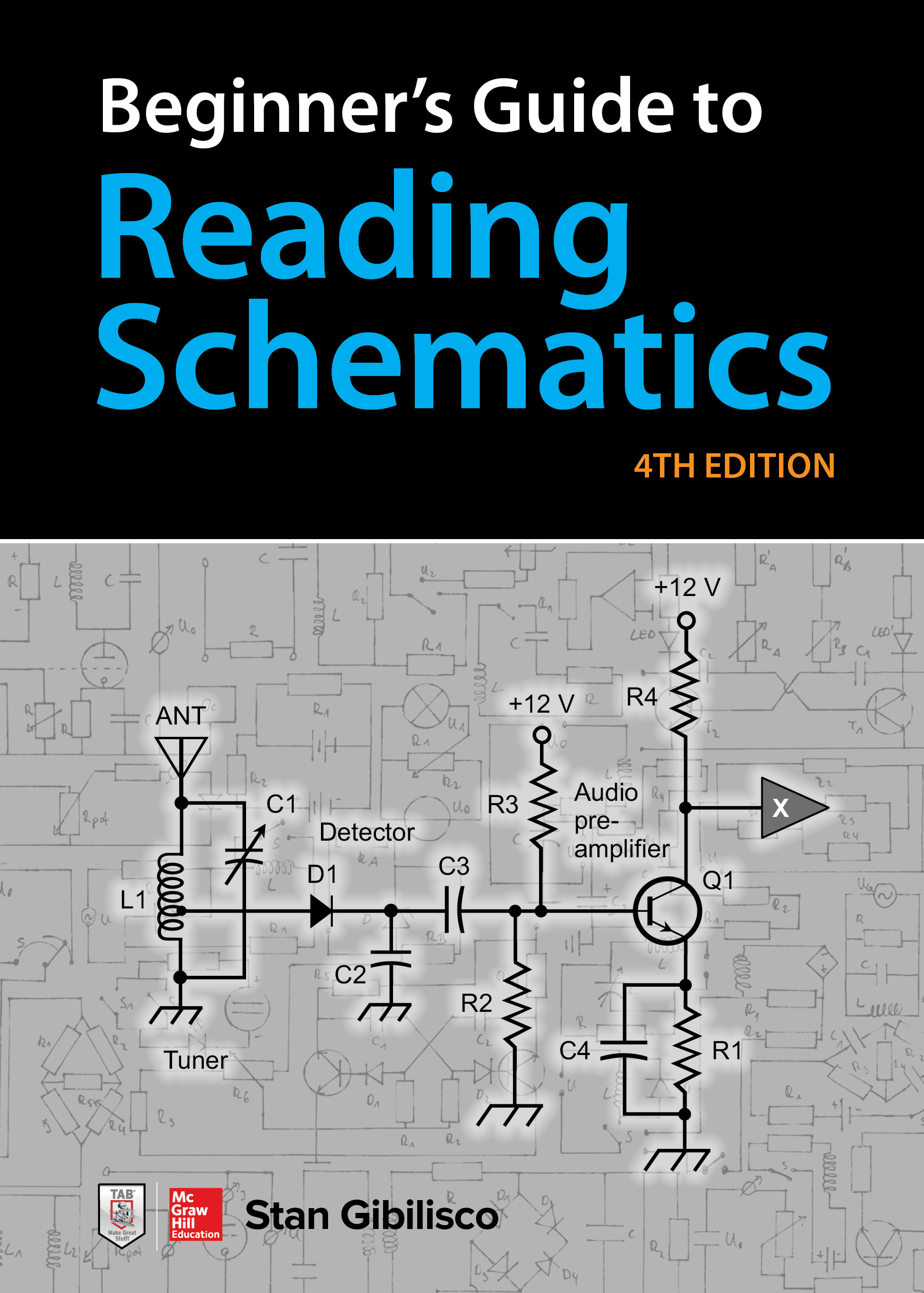
Beginner's Guide to Reading Schematics, Fourth Edition This updated resource shows how to interpret schematic diagrams—and design your own Written by an experienced engineer, this easy-to-follow TAB guide shows, step-by-step, how to navigate the roadmaps of electronic circuits and systems. Filled with new illustrations and DIY examples, the book clearly explains how to understand and create high-precision electronics diagrams. You will discover how to identify parts and connections, interpret element ratings, and apply diagram-based information in your own projects. Beginner’s Guide to Reading Schematics, Fourth Edition, also contains valuable appendices covering symbols, resistor color codes, and parts suppliers. Up-to-date coverage includes: • Block, schematic, and pictorial diagrams • Resistors and capacitors • Inductors and transformers • Switches, relays, conductors, and cables • Diodes, transistors, Op amps, and logic gates • Electron tubes , cells, and batteries • Voltage dividers and reducers • Simple and complex circuits • Breadboards and wire wrapping • Electronics troubleshooting • Digital electronics and functional circuits • And much more TECHNOLOGY & ENGINEERING,Electronics,General
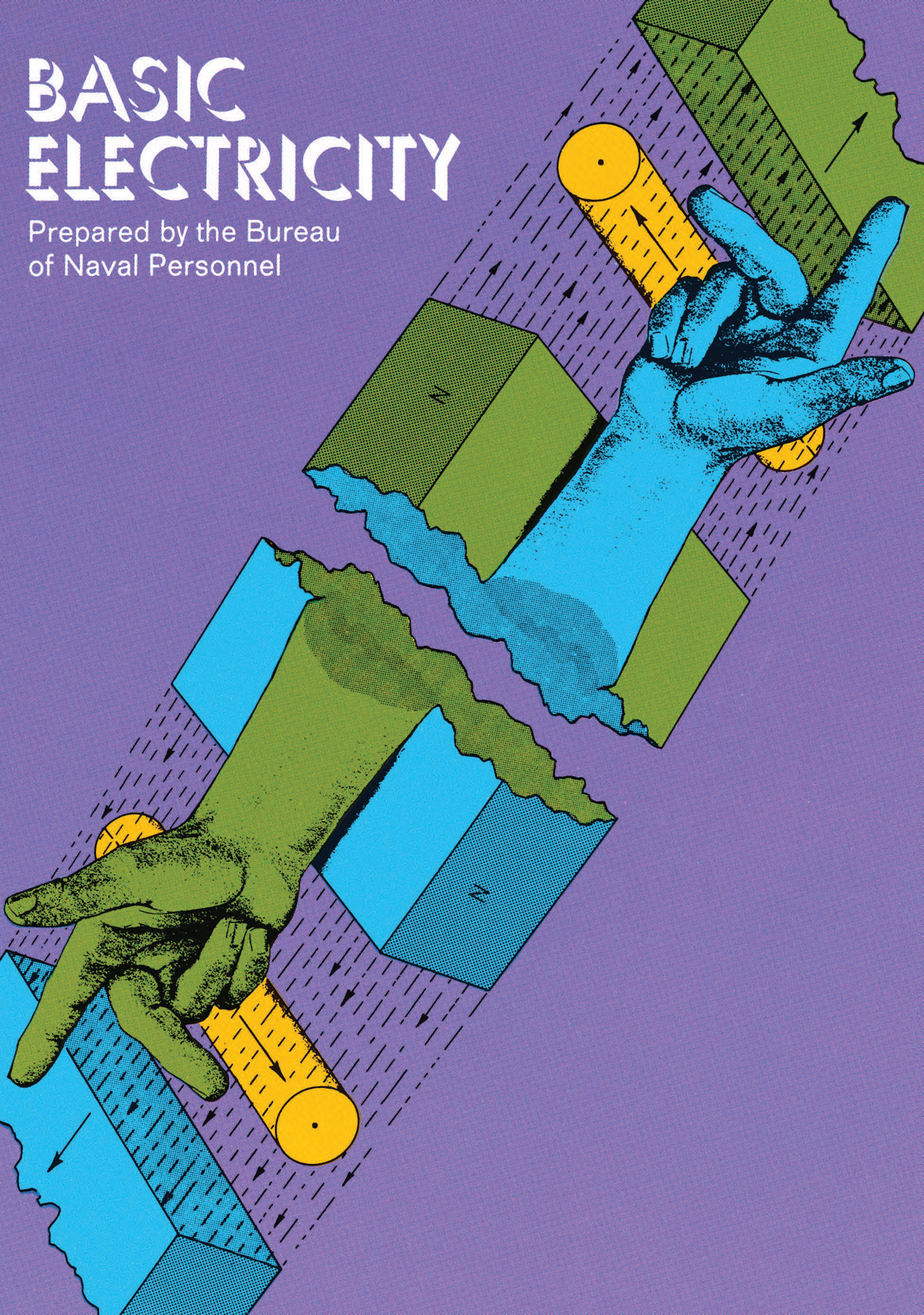
Basic Electricity Originally a training course; best nontechnical coverage. Topics include batteries, circuits, conductors, AC and DC, inductance and capacitance, generators, motors, transformers, amplifiers, etc. Many questions with answers. 349 illustrations. 1969 edition. TECHNOLOGY & ENGINEERING,Electronics,General
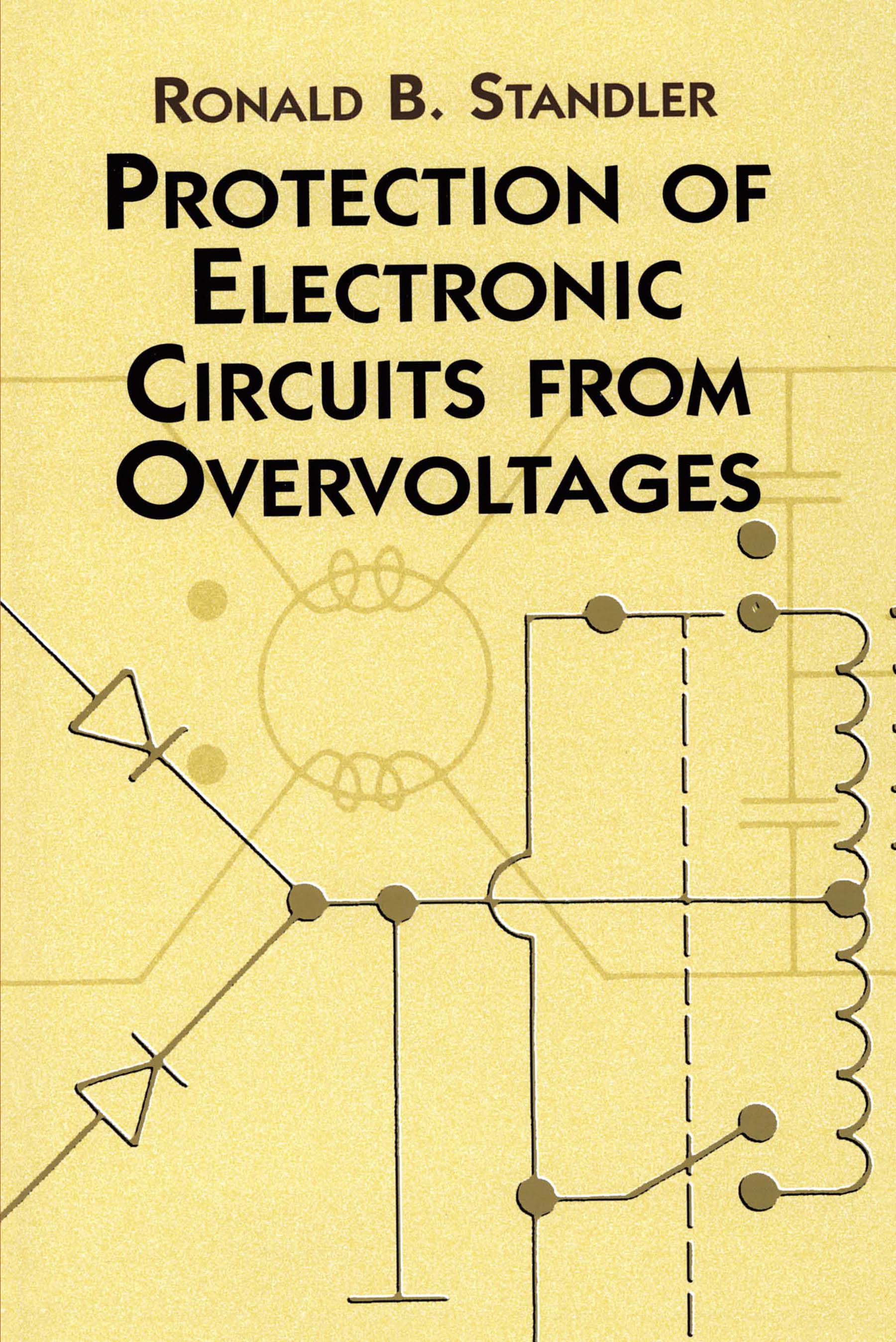
Protection of Electronic Circuits from Overvoltages Practical rules and strategies designed to protect electronic systems from damage by transient overvoltages include symptoms and threats, remedies, protective devices and their applications, and validation of protective measures. 1989 edition. TECHNOLOGY & ENGINEERING,Electronics,General

Programming Arduino Next Steps Go beyond the basics with this up to date Arduino programming resource Take your Arduino programming skills to the next level using the hands-on information contained in this thoroughly revised, easy to follow TAB guide. Aimed at programmers and hobbyists who have mastered the fundamentals, Programming Arduino Next Steps: Going Further with Sketches, Second Edition reveals professional programming tips and tricks. This up-to-date edition covers the Internet of Things (IoT) and features new chapters on interfacing your Arduino with other microcontrollers. You will get dozens of illustrated examples and downloadable code examples that clearly demonstrate each powerful technique. Discover how to: • Configure your Arduino IDE and develop your own sketches • Boost performance and speed by writing time-efficient sketches • Optimize power consumption and memory usage • Interface with different types of serial busses, including I2C, 1-Wire, SPI, and TTL Serial • Use Arduino with USB and UART • Incorporate Ethernet, Bluetooth, and DSP • Program Arduino for the Internet • Manage your sketches using One Process • Accomplish more than one task at a time―without multi-threading • Create your own code library and share it with other hobbyists TECHNOLOGY & ENGINEERING,Electronics,General
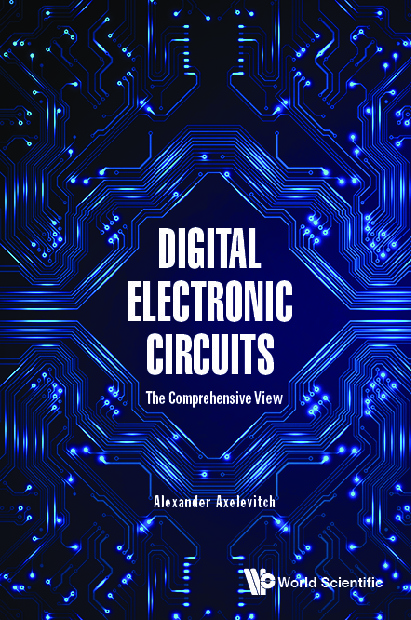
Digital Electronic Circuits - The Comprehensive View This book deals with key aspects of design of digital electronic circuits for different families of elementary electronic devices. Implementation of both simple and complex logic circuits are considered in detail, with special attention paid to the design of digital systems based on complementary metal-oxide-semiconductor (CMOS) and Pass-Transistor Logic (PTL) technologies acceptable for use in planar microelectronics technology. It is written for students in electronics and microelectronics, with exercises and solutions provided.Related Link(s) TECHNOLOGY & ENGINEERING,Electronics,General

The Crafty Kids Guide to DIY Electronics Craft awesome DIY electronics projects using fabric, paper, and creativity-- no prior experience necessary! This fun TAB guide provides an entertaining, hands-on introduction to electronics and making. The book contains 20 DIY projects that teach electronics and craft skills using inexpensive, readily available materials. You’ll also find four fun interviews with awesome makers. The author explains how to work with conductive thread, sewable LEDs, copper tape, small motors, simple sensors, and more. Written by a dedicated hobbyist, The Crafty Kid's Guide to DIY Electronics: 20 Fun Projects for Makers, Crafters, and Everyone in Between focuses on paper circuits, soft circuits, wearables, and robots. Designed for children interested in exploring, the book is also ideal for established hobbyists with senses of humor! Inside you’ll discover how to: • Get up and running with electronics and crafting • Build interactive paper projects that light up, buzz, vibrate, and dance • Use cardboard and origami—even create a pop-up cityscape with lights! • Make sewing projects that use conductive thread and electricity • Assemble a constellation night light and a grumpy monster with a tilt sensor • Add wearable technology to your gadgets • Make an LED paper flower crown and a mood badge • Work with robotics and develop your own robot-based projects • Construct an extremely effective robot alarm clock TECHNOLOGY & ENGINEERING,Electronics,General

Robot Builder's Bonanza, 5th Edition The bestselling guide to hobby robotics―fully updated for the latest technologies! Learn to build your own robots using the hands-on information contained in this thoroughly revised TAB guide. Written by the “godfather of hobby robotics,†the book clearly explains the essential hardware, circuits, and brains and contains easy-to-follow, step-by-step plans for low-cost, cool robotics projects. Robot Builder’s Bonanza, Fifth Edition contains more than two dozen new projects for hobbyists of all ages and skill levels. The projects are modular and can be combined to create a variety of highly intelligent and workable custom robots. Discover how to: • Wire up robotics circuits from common electronic components • Get up and running building your own robots • Attach motors, wheels, legs, arms, and grippers • Make your robots walk, talk, and obey commands • Build brains from Arduino, BBC Micro:bit, Raspberry Pi, and other microcontrollers • Incorporate touch, proximity, navigation, and environmental sensors • Operate your ‘bot via remote control • Generate sound and interpret visual feedback • Construct advanced robots that can see light and follow pre-drawn paths! TECHNOLOGY & ENGINEERING,Electronics,General
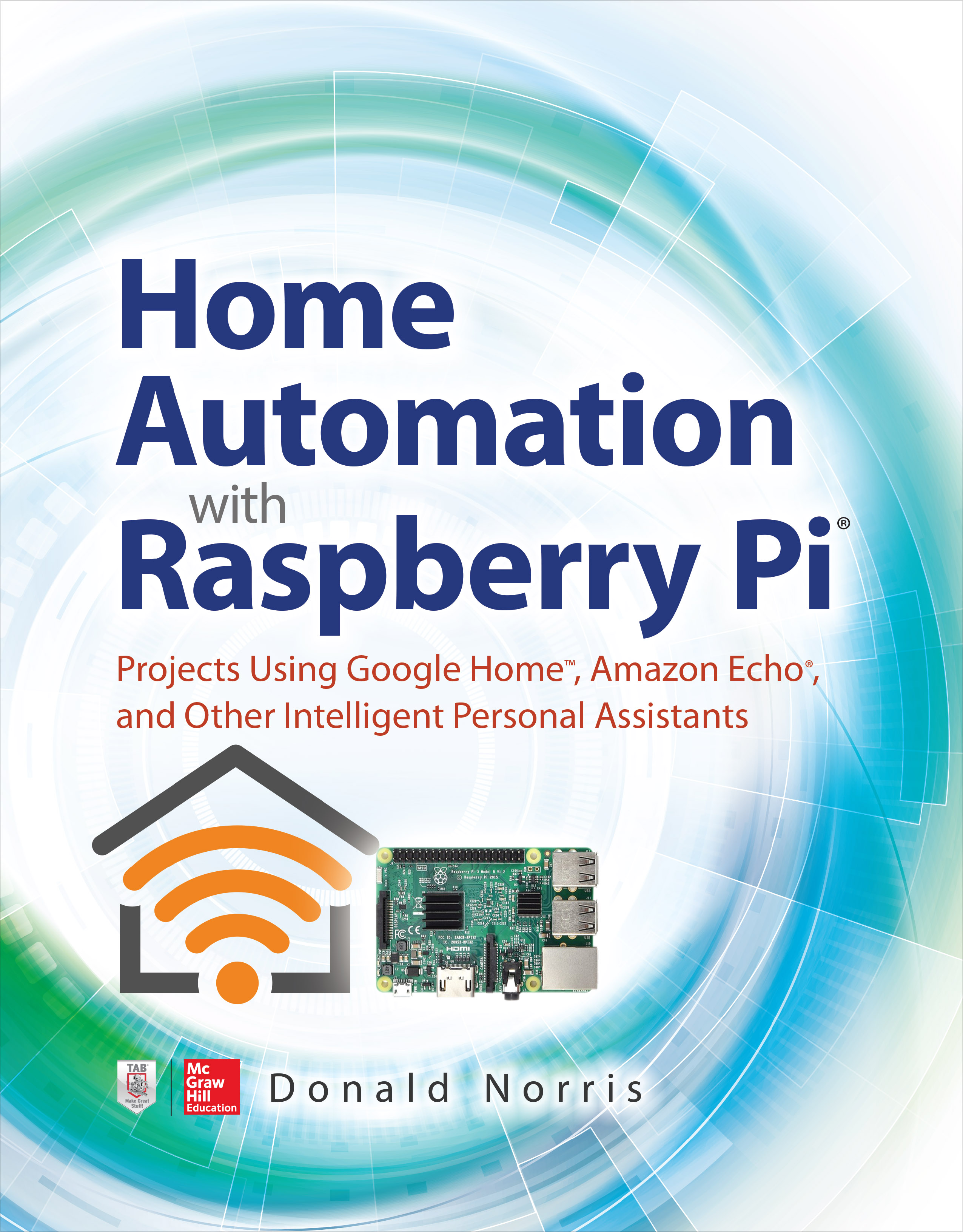
Home Automation with Raspberry Pi Publisher's Note: Products purchased from Third Party sellers are not guaranteed by the publisher for quality, authenticity, or access to any online entitlements included with the product. Gain the skills needed to create a hi-tech home―affordably and easily This hands-on guide shows, step by step, how to use the powerful Raspberry Pi for home automation. Written in an easy-to-follow style, the book features DIY projects for Amazon Echo, Google Home, smart lightbulbs and thermostats, and more. Home Automation with Raspberry Pi: Projects Using Google Home, Amazon Echo, and Other Intelligent Personal Assistants lays out essential skills for hobbyists and makers of all ages and experience levels. You will discover how to build gadgets that can work in conjunction with―or in some cases replace―commercially available smart home products. Inside, you’ll learn how to: • Design and build custom home automation devices • Interface a Google Home device to your Raspberry Pi • Connect Google Voice Assistant to RasPi • Incorporate GPIO control using the Amazon Echo • Navigate home automation operating systems • Use Z-Wave in your RasPi HA projects • Apply fuzzy logic techniques to your projects • Work with sensors and develop home security systems • Utilize two open-source AI applications, Mycroft and Picroft • Tie your projects together to create an integrated home automation system TECHNOLOGY & ENGINEERING,Electronics,General
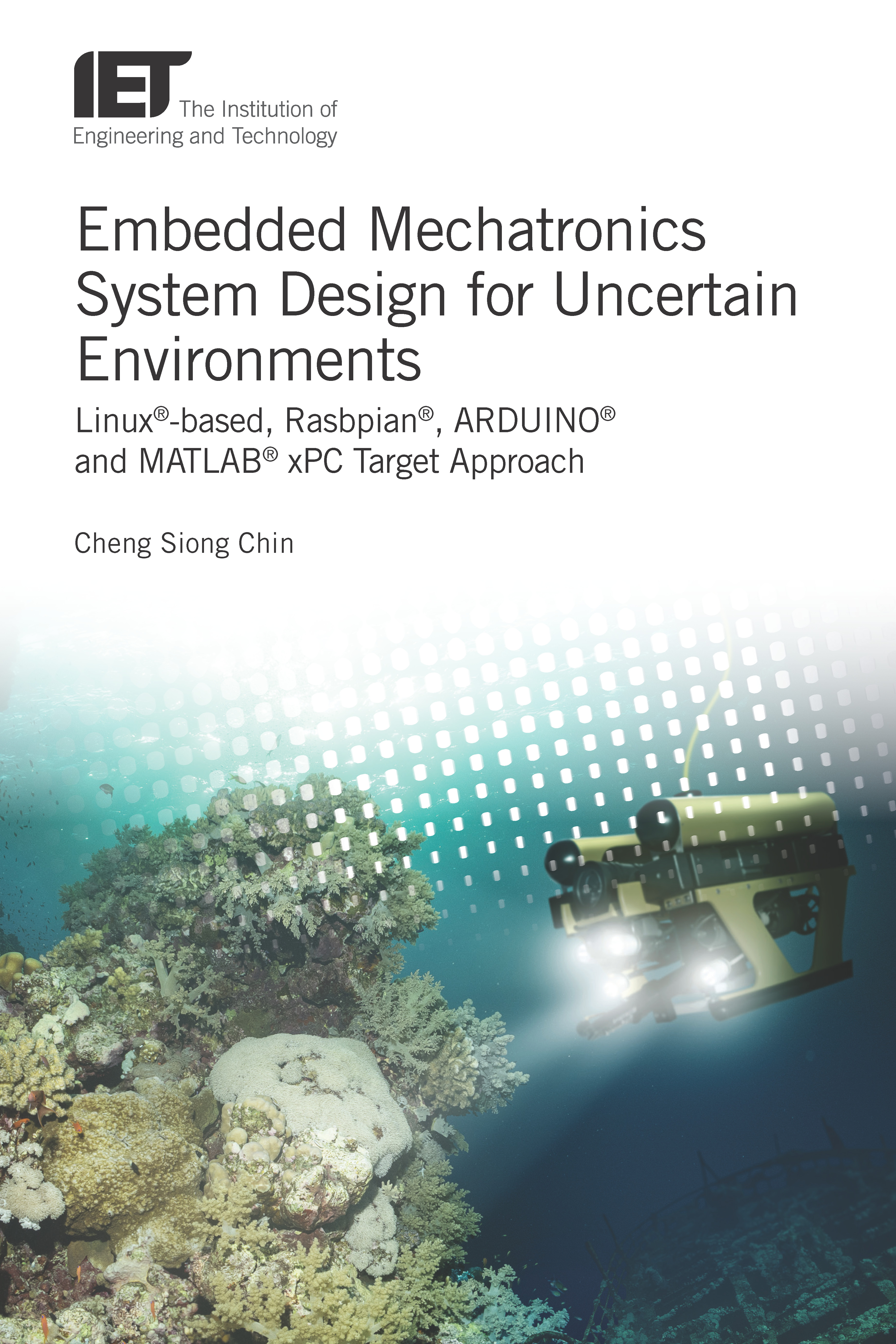
Embedded Mechatronics System Design for Uncertain Environments Industrial machines, automobiles, airplanes, robots, and machines are among the myriad possible hosts of embedded systems. This book has been prepared for those who seek to easily develop and design embedded systems for control purposes in robotic vehicles. TECHNOLOGY & ENGINEERING,Electronics,General
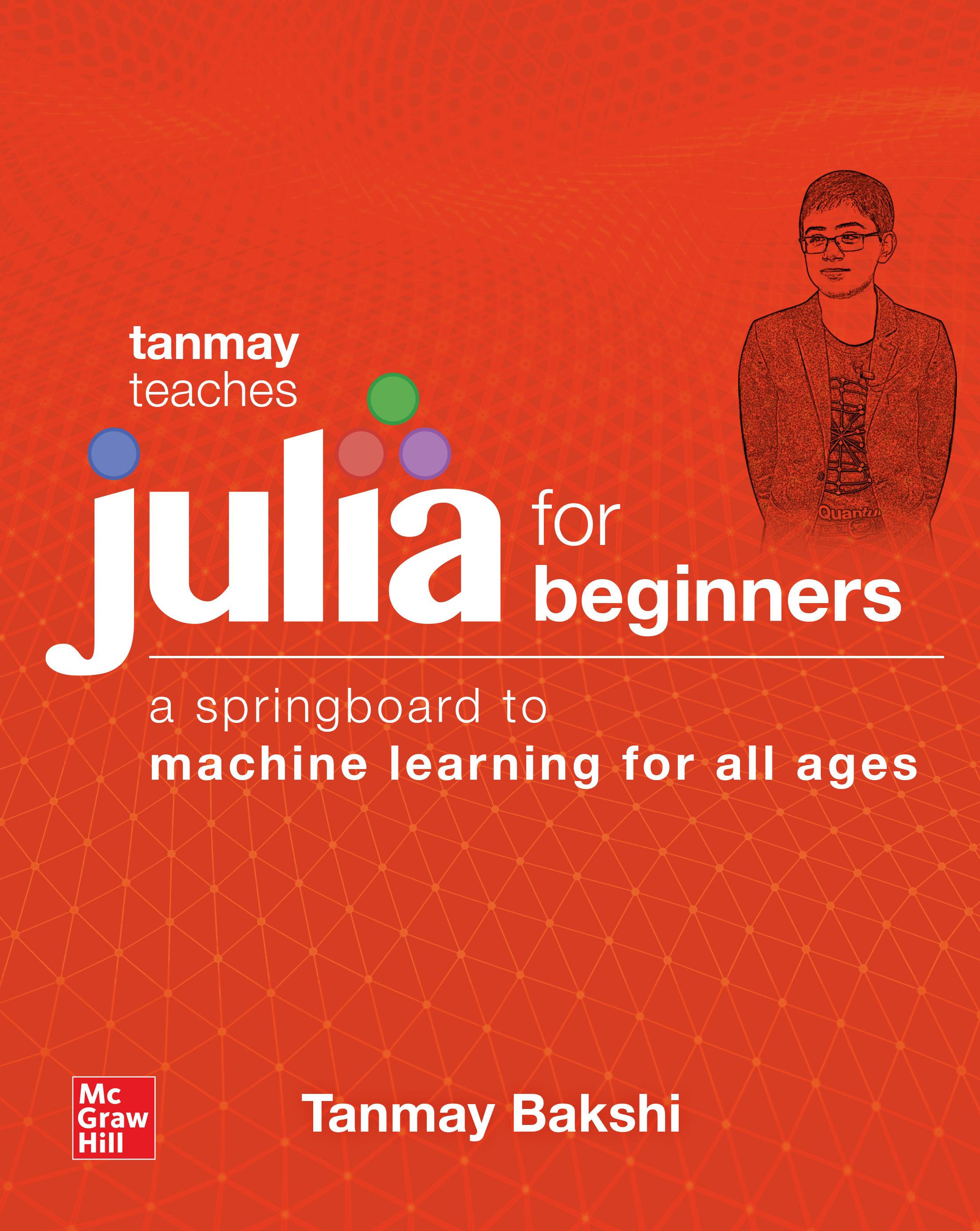
Tanmay Teaches Julia for Beginners Publisher's Note: Products purchased from Third Party sellers are not guaranteed by the publisher for quality, authenticity, or access to any online entitlements included with the product. A quick guide to start writing your own fun and useful Julia apps—no prior experience required! This engaging guide shows, step by step, how to build custom programs using Julia, the open-source, intuitive scripting language. Written by 15-year-old technology phenom Tanmay Bakshi, the book is presented in an accessible style that makes learning easy and enjoyable. Tanmay Teaches Julia for Beginners: A Springboard to Machine Learning for All Ages clearly explains the basics of Julia programming and takes a look at cutting-edge machine learning applications. You will also discover how to interface your Julia apps with code written in Python. Inside, you’ll learn to: • Set up and configure your Julia environment• Get up and running writing your own Julia apps• Define variables and use them in your programs• Use conditions, iterations, for-loops, and while-loops• Create, go through, and modify arrays• Build an app to manage things you lend and get back from your friends• Create and utilize dictionaries• Simplify maintenance of your code using functions• Apply functions on arrays and use functions recursively and generically• Understand and program basic machine learning apps TECHNOLOGY & ENGINEERING,Electronics,General
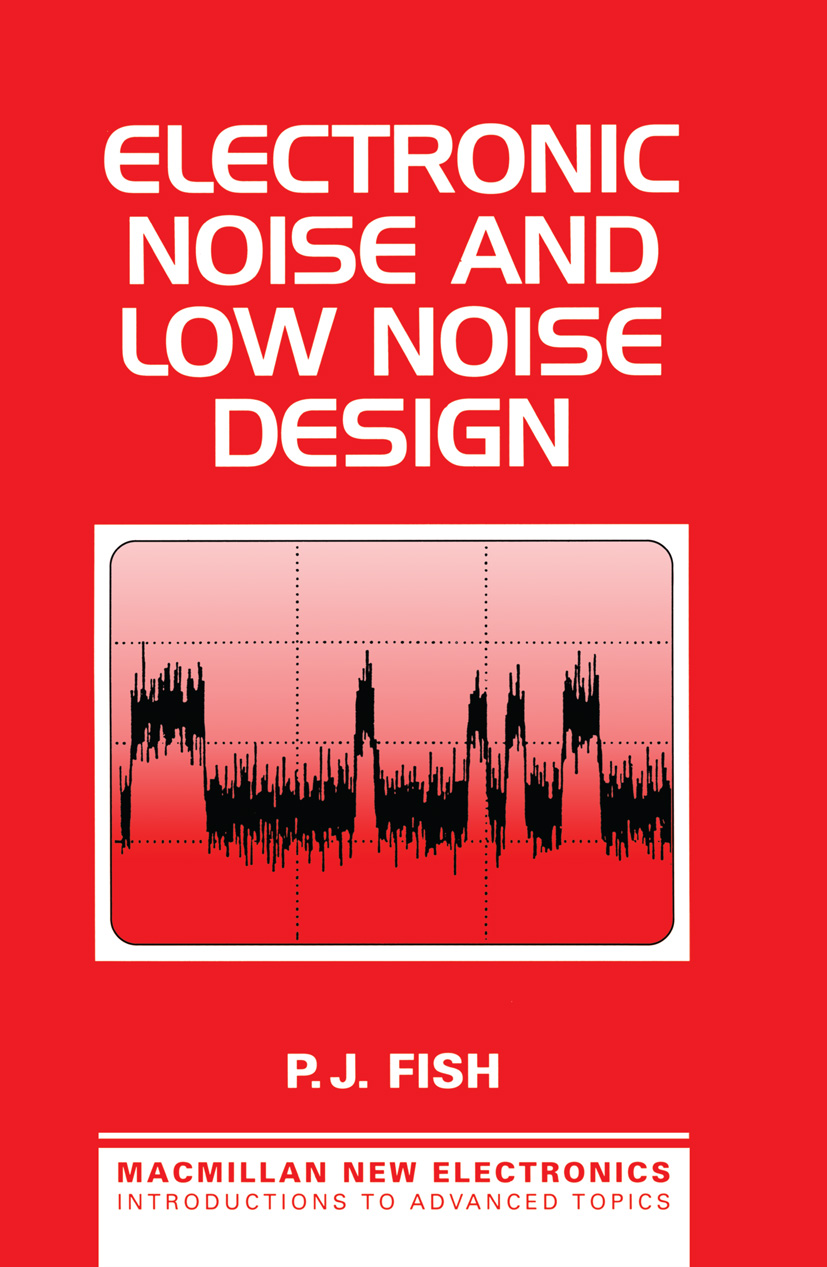
Electronic Noise and Low Noise Design This book aims to provide an introduction to the problem of noise from the viewpoint of a circuit designer, covering the theory of intrinsic noise, electromagnetic compatibility and the basis of low-noise design. It will be of value to final year and postgraduate electronic engineering students taking courses on electronic noise or EMC, to postgraduate research students whose project includes low-noise design and to practising engineers whose qualifying courses covered the subject inadequately or who need to refresh or improve their knowledge of this area of electronic engineering. TECHNOLOGY & ENGINEERING,Electronics,General
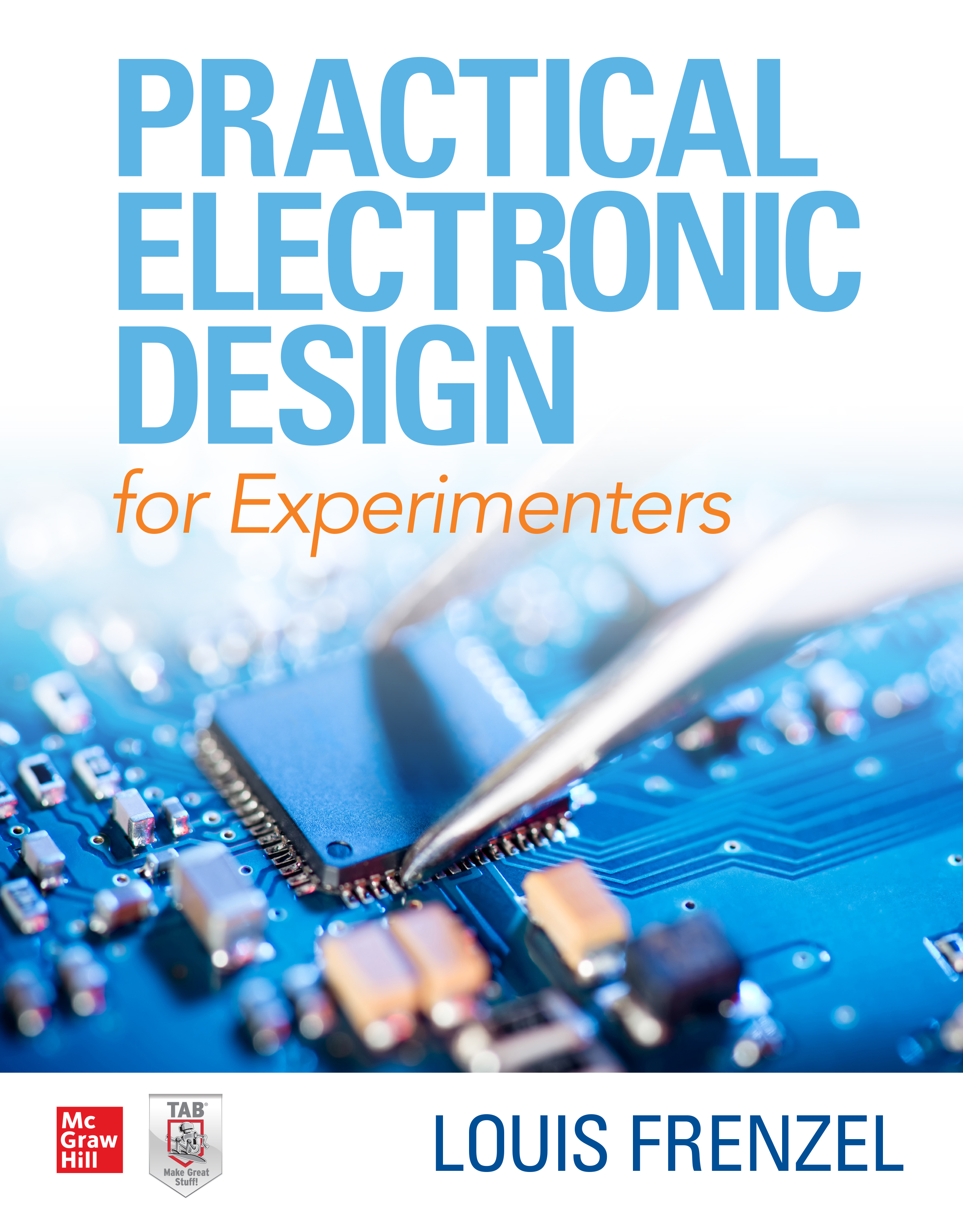
Practical Electronic Design for Experimenters Publisher's Note: Products purchased from Third Party sellers are not guaranteed by the publisher for quality, authenticity, or access to any online entitlements included with the product. Learn the basics of electronics and start designing and building your own creations! This follow-up to the bestselling Practical Electronics for Inventors shows hobbyists, makers, and students how to design useful electronic devices from readily available parts, integrated circuits, modules, and subassemblies. Practical Electronic Design for Experimenters gives you the knowledge necessary to develop and construct your own functioning gadgets. The book stresses that the real-world applications of electronics design—from autonomous robots to solar-powered devices—can be fun and far-reaching. Coverage includes: • Design resources• Prototyping and simulation• Testing and measuring• Common circuit design techniques• Power supply design• Amplifier design• Signal source design• Filter design• Designing with electromechanical devices• Digital design• Programmable logic devices• Designing with microcontrollers• Component selection• Troubleshooting and debugging TECHNOLOGY & ENGINEERING,Electronics,General

Intelligent Data Analysis This book focuses on methods and tools for intelligent data analysis, aimed at narrowing the increasing gap between data gathering and data comprehension, and emphasis will also be given to solving of problems which result from automated data collection, such as analysis of computer-based patient records, data warehousing tools, intelligent alarming, effective and efficient monitoring, and so on. This book aims to describe the different approaches of Intelligent Data Analysis from a practical point of view: solving common life problems with data analysis tools. TECHNOLOGY & ENGINEERING,Electronics,General
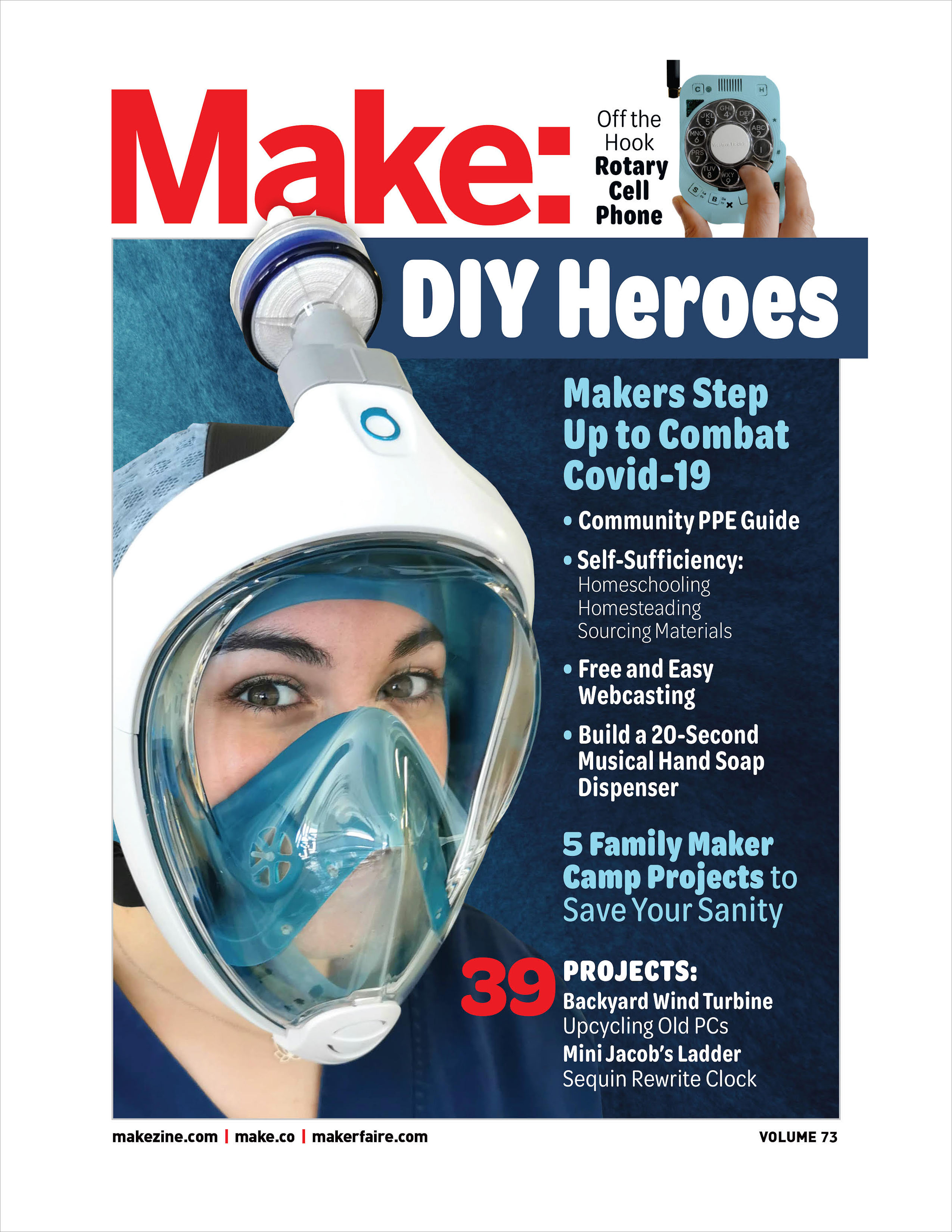
Make The Covid-19 crisis has been a defining moment for the maker movement. Groups and individuals are designing and producing personal protective equipment like face shields and masks, forming grassroots organizations to deliver equipment to medical professionals, and engaging with doctors and nurses to improve the designs and materials they're producing. We’re calling this civic response from makers all over the world “Plan C,†the backup plan for the backup plan. In this issue we highlight the Plan C people and projects that have driven the maker response and saved lives, and show the DIY PPE you can make to help your community too. We also showcase projects and tips to get you through shelter-in-place orders, like building a 20-second musical hand soap dispenser, transitioning to homeschooling, and delving into webcasting tech. And there are a few kid-friendly projects to help you parents keep your sanity. Plus, over 39 projects including: Build a mini jacob’s ladder Make a fully functional cell phone with a rotary dial Construct a simple boomerang that flies indoors and out Tell time with a unique “rewrite†clock using sequins and much more! TECHNOLOGY & ENGINEERING,Electronics,General
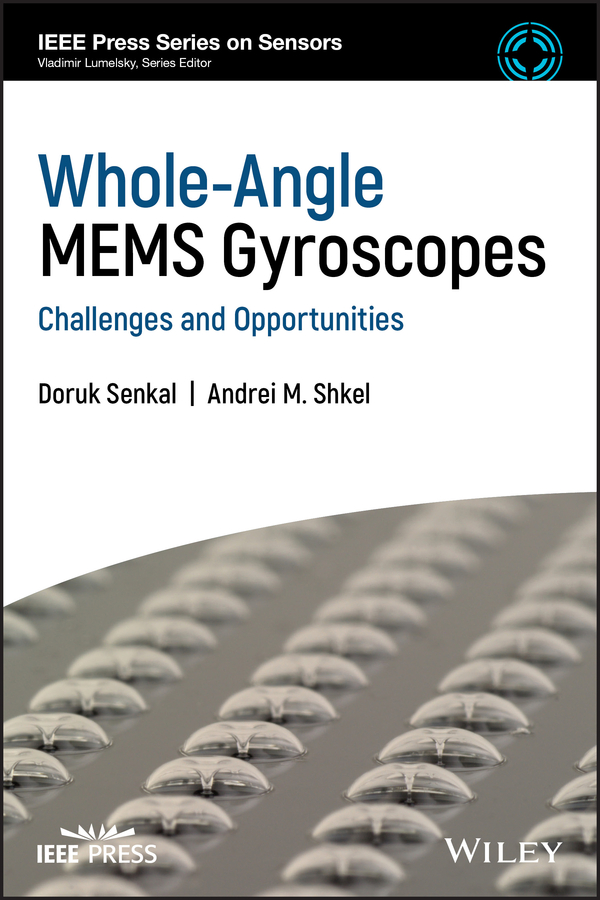
Whole-Angle MEMS Gyroscopes Presents the mathematical framework, technical language, and control systems know-how needed to design, develop, and instrument micro-scale whole-angle gyroscopes This comprehensive reference covers the technical fundamentals, mathematical framework, and common control strategies for degenerate mode gyroscopes, which are used in high-precision navigation applications. It explores various energy loss mechanisms and the effect of structural imperfections, along with requirements for continuous rate integrating gyroscope operation. It also provides information on the fabrication of MEMS whole-angle gyroscopes and the best methods of sustaining oscillations. Whole-Angle Gyroscopes: Challenges and Opportunities begins with a brief overview of the two main types of Coriolis Vibratory Gyroscopes (CVGs): non-degenerate mode gyroscopes and degenerate mode gyroscopes. It then introduces readers to the Foucault Pendulum analogy and a review of MEMS whole angle mode gyroscope development. Chapters cover: dynamics of whole-angle coriolis vibratory gyroscopes; fabrication of whole-angle coriolis vibratory gyroscopes; energy loss mechanisms of coriolis vibratory gyroscopes; and control strategies for whole-angle coriolis vibratory gyro- scopes. The book finishes with a chapter on conventionally machined micro-machined gyroscopes, followed by one on micro-wineglass gyroscopes. In addition, the book: Lowers barrier to entry for aspiring scientists and engineers by providing a solid understanding of the fundamentals and control strategies of degenerate mode gyroscopes Organizes mode-matched mechanical gyroscopes based on three classifications: wine-glass, ring/disk, and mass spring mechanical elements Includes case studies on conventionally micro-machined and 3-D micro-machined gyroscopes Whole-Angle Gyroscopes is an ideal book for researchers, scientists, engineers, and college/graduate students involved in the technology. It will also be of great benefit to engineers in control systems, MEMS production, electronics, and semi-conductors who work with inertial sensors. TECHNOLOGY & ENGINEERING,Electronics,General
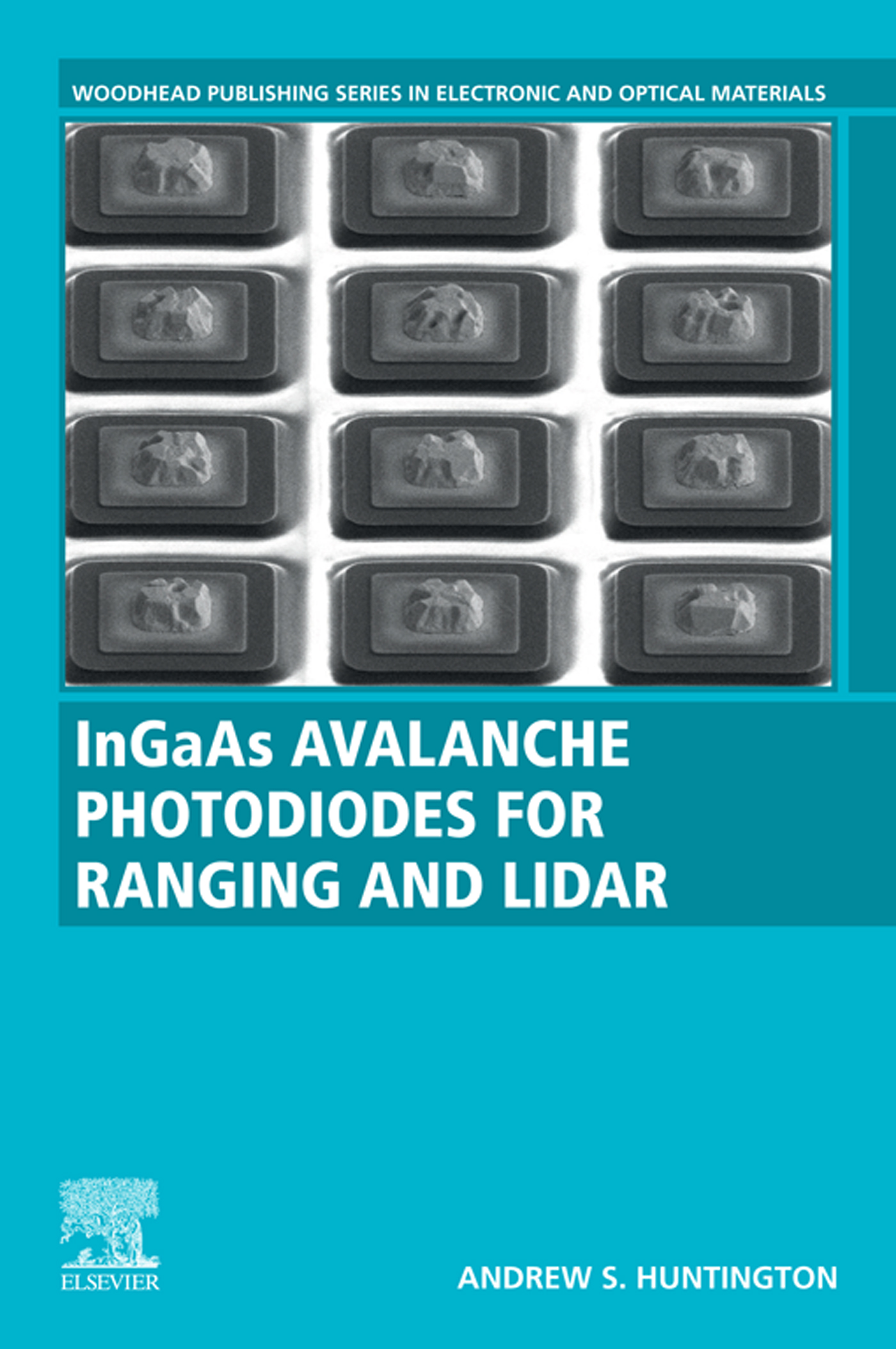
InGaAs Avalanche Photodiodes for Ranging and Lidar InGaAs Avalanche Photodiodes for Ranging and Lidar discusses the materials, physics, and design considerations of avalanche photodiodes (APDs) developed for 3D imaging sensors, which will enable self-driving cars and autonomously navigating drones. The book provides a detailed theoretical understanding of all types of APD, including the semiconductor physics underlying device function and the mathematics of avalanche noise. Both linear- and Geiger-mode operation of APDs are addressed, and contemporary research on APDs manufactured from a variety of different material systems is reviewed. The approach unites a theoretical treatment of common figures of merit with a practical discussion of how they impact sensor system performance. Models are developed for the sensitivity, maximum effective range, and ranging precision of time-of-flight APD photoreceiver circuits. Linear-mode InGaAs APDs are of particular relevance to 3D imaging owing to their compatibility with eye-safe lasers, and the maturity of the material system, for which substantial commercial foundry capacity exists. The author uses InGaAs APDs to demonstrate the book’s design calculations, which are compared to the representative empirical data, and as the basis for discussions of device structure and manufacturing. r Addresses the materials, device and system design challenges that face researchers today, presenting all the information in one key resource Reviews all key APD figures of merit and explains the connection between device and system performance Written by an industry expert with 13 years of experience developing InAlAs, InGaAs and InP avalanche photodiodes (APDs) TECHNOLOGY & ENGINEERING,Electronics,General
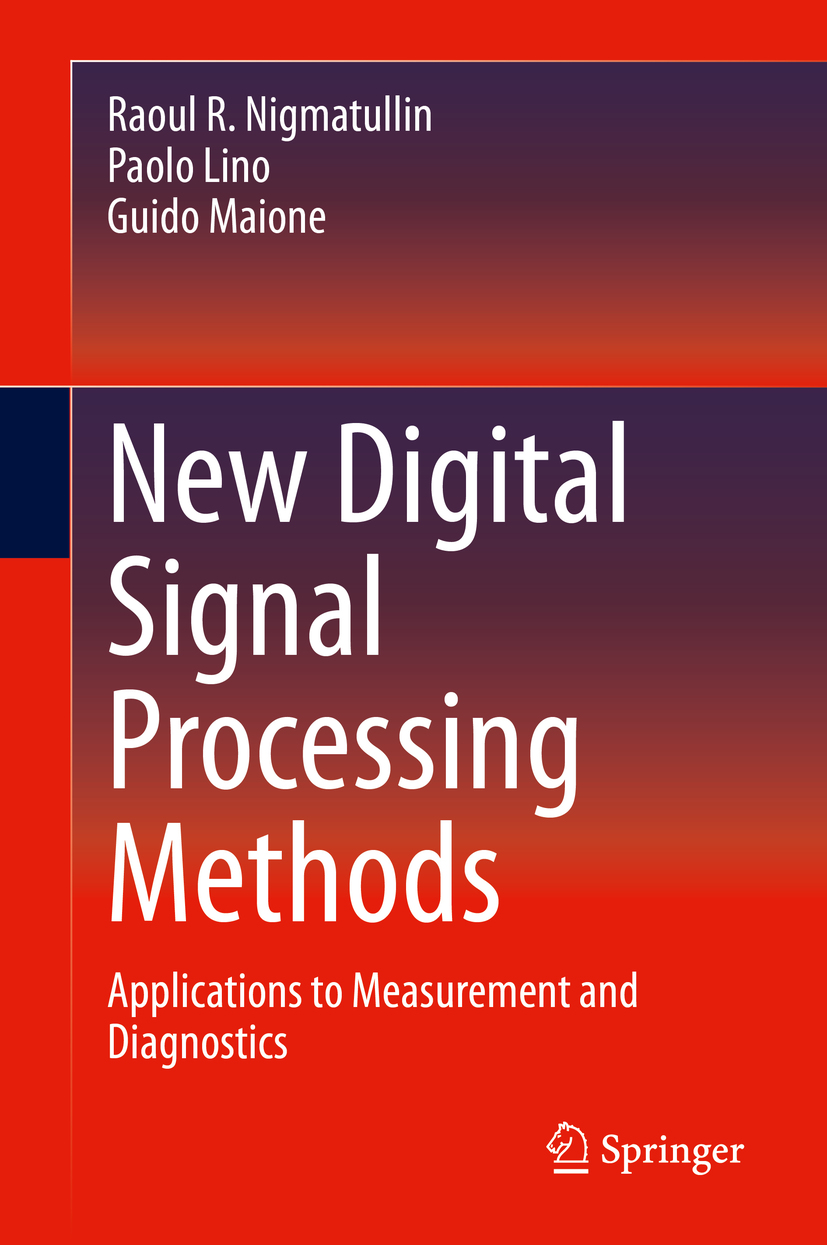
New Digital Signal Processing Methods This book is intended as a manual on modern advanced statistical methods for signal processing. The objectives of signal processing are the analysis, synthesis, and modification of signals measured from different natural phenomena, including engineering applications as well. Often the measured signals are affected by noise, distortion and incompleteness, and this makes it difficult to extract significant signal information. The main topic of the book is the extraction of significant information from measured data, with the aim of reducing the data size while keeping the basic information/knowledge about the peculiarities and properties of the analyzed system; to this aim, advanced and recently developed methods in signal analysis and treatment are introduced and described in depth. More in details, the book covers the following new advanced topics (and the corresponding algorithms), including detailed descriptions and discussions: the Eigen-Coordinates (ECs) method, The statistics of the fractional moments, The quantitative "universal" label (QUL) and the universal distribution function for the relative fluctuations (UDFRF), the generalized Prony spectrum, the Non-orthogonal Amplitude Frequency Analysis of the Smoothed Signals (NAFASS), the discrete geometrical invariants (DGI) serving as the common platform for quantitative comparison of different random functions. Although advanced topics are discussed in signal analysis, each subject is introduced gradually, with the use of only the necessary mathematics, and avoiding unnecessary abstractions. Each chapter presents testing and verification examples on real data for each proposed method. In comparison with other books, here it is adopted a more practical approach with numerous real case studies. TECHNOLOGY & ENGINEERING,Electronics,General
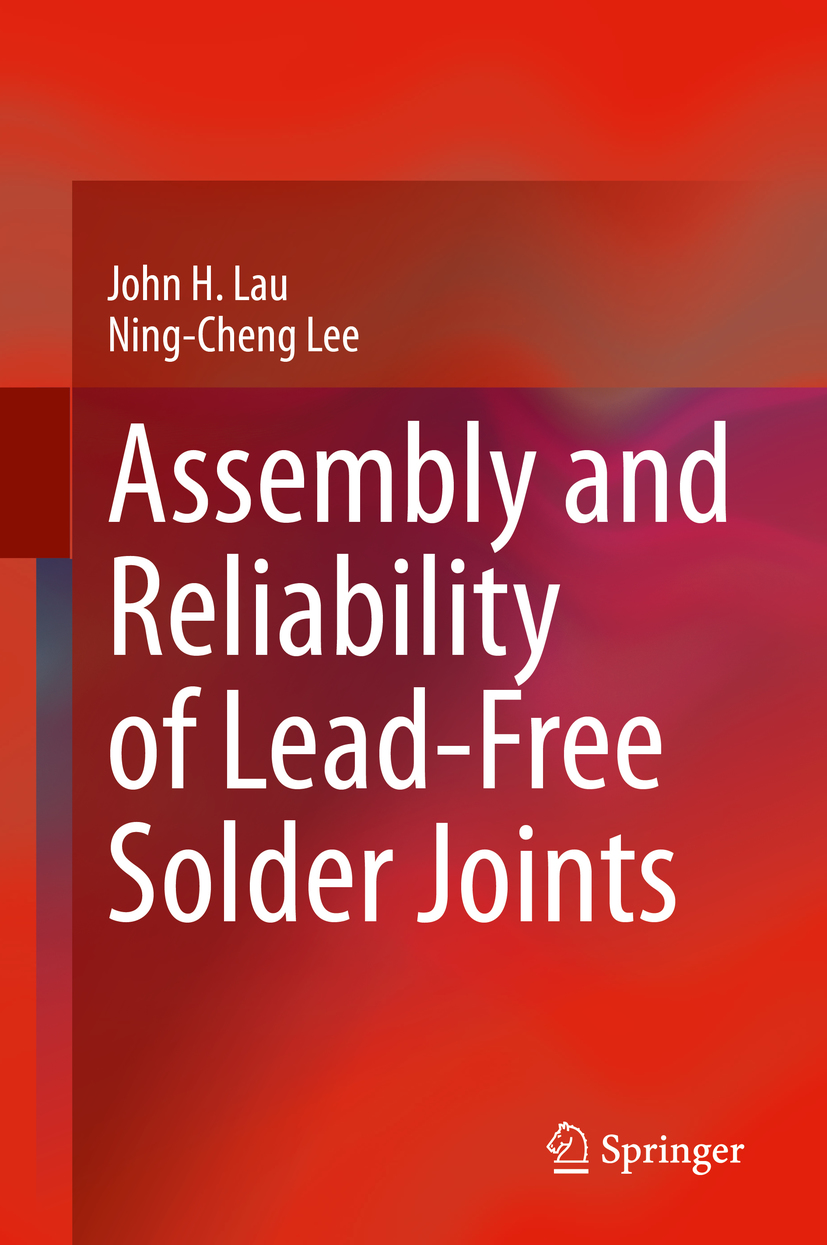
Assembly and Reliability of Lead-Free Solder Joints This book focuses on the assembly and reliability of lead-free solder joints. Both the principles and engineering practice are addressed, with more weight placed on the latter. This is achieved by providing in-depth studies on a number of major topics such as solder joints in conventional and advanced packaging components, commonly used lead-free materials, soldering processes, advanced specialty flux designs, characterization of lead-free solder joints, reliability testing and data analyses, design for reliability, and failure analyses for lead-free solder joints. Uniquely, the content not only addresses electronic manufacturing services (EMS) on the second-level interconnects, but also packaging assembly on the first-level interconnects and the semiconductor back-end on the 3D IC integration interconnects. Thus, the book offers an indispensable resource for the complete food chain of electronics products. TECHNOLOGY & ENGINEERING,Electronics,General
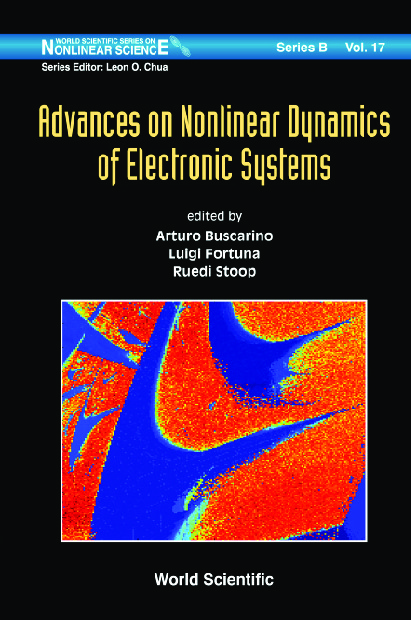
Advances On Nonlinear Dynamics Of Electronic Systems This book comprises the most recent advanced results on nonlinear electronic circuits, and the contents range from networks, synchronization, memristors to several other topics. Both theory and advanced timely results are included. It provides an overview of popular themes in the field of nonlinear dynamics of electronic circuits with contributions from outstanding scientists. TECHNOLOGY & ENGINEERING,Electronics,General

Introduction to Flat Panel Displays THE PERFECT GUIDE TO FLAT PANEL DISPLAYS FOR RESEARCHERS AND INDUSTRY PERSONNEL ALIKE Introduction to Flat Panel Displays, 2nd Edition is the leading introductory reference to state-of-the-art flat panel display technologies. The 2nd edition has been newly updated to include the latest developments for high pixel resolution support, high brightness, improved contrast settings, and low power consumption. The 2nd edition has also been updated to include the latest developments of head-mounted displays for virtual and augmented reality applications. Introduction to Flat Panel Displays introduces and updates both the fundamental physics and materials concepts underlying flat panel display technology and their application to smart phones, ultra-high definitions TVs, computers, and virtual and augmented reality systems. The book includes new information on quantum-dot enhanced LCDs, device configurations and performance, and nitrate-based LEDs. The authors also provide updates on technologies like: OLED materials, including phosphorescent, TTA, and TADF OLEDs White light OLED and light extraction OLED for mobile and TV Light and flexible OLED Reflective displays, including e-paper technology Low power consumption displays The perfect reference for graduate students and new entrants to the display industry, Introduction to Flat Panel Displays offers problem and homework sets at the end of each chapter to measure retention and learning. TECHNOLOGY & ENGINEERING,Electronics,General
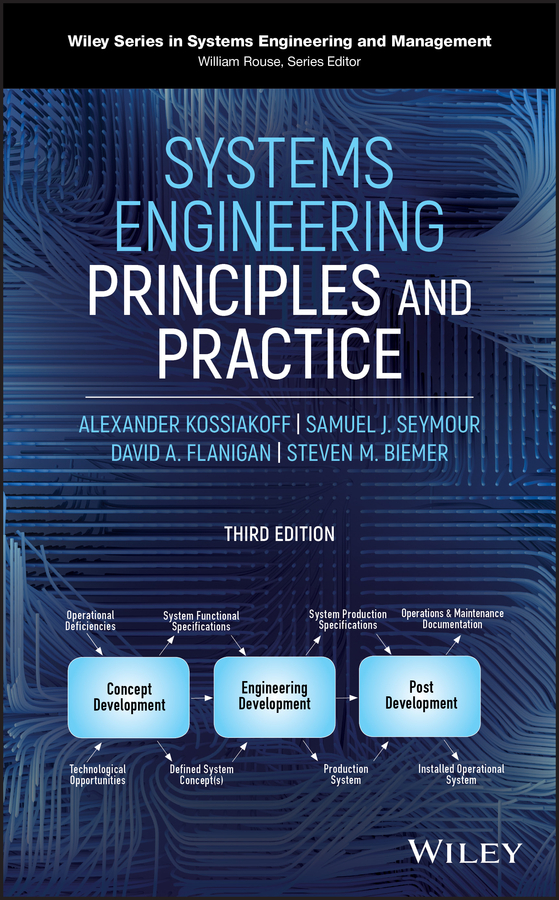
Systems Engineering Principles and Practice A comprehensive and interdisciplinary guide to systems engineering Systems Engineering: Principles and Practice, 3rd Edition is the leading interdisciplinary reference for systems engineers. The up-to-date third edition provides readers with discussions of model-based systems engineering, requirements analysis, engineering design, and software design. Freshly updated governmental and commercial standards, architectures, and processes are covered in-depth. The book includes newly updated topics on: Risk Prototyping Modeling and simulation Software/computer systems engineering Examples and exercises appear throughout the text, allowing the reader to gauge their level of retention and learning. Systems Engineering: Principles and Practice was and remains the standard textbook used worldwide for the study of traditional systems engineering. The material is organized in a manner that allows for quick absorption of industry best practices and methods. Throughout the book, best practices and relevant alternatives are discussed and compared, encouraging the reader to think through various methods like a practicing systems engineer. TECHNOLOGY & ENGINEERING,Electronics,General

Solution Processed Metal Oxide Thin Films for Electronic Applications Solution Processed Metal Oxide Thin Films for Electronic Applications discusses the fundamentals of solution processing materials chemistry techniques as they are applied to metal oxide materials systems for key device applications. The book introduces basic information (materials properties, materials synthesis, barriers), discusses ink formulation and solution processing methods, including sol-gel processing, surface functionalization aspects, and presents a comprehensive accounting on the electronic applications of solution processed metal oxide films, including thin film transistors, photovoltaic cells and other electronics devices and circuits. This is an important reference for those interested in oxide electronics, printed electronics, flexible electronics and large-area electronics. Provides in-depth information on solution processing fundamentals, techniques, considerations and barriers combined with key device applications Reviews important device applications, including transistors, light-emitting diodes, and photovoltaic cells Includes an overview of metal oxide materials systems (semiconductors, nanomaterials and thin films), addressing materials synthesis, properties, limitations and surface aspects TECHNOLOGY & ENGINEERING,Electronics,General
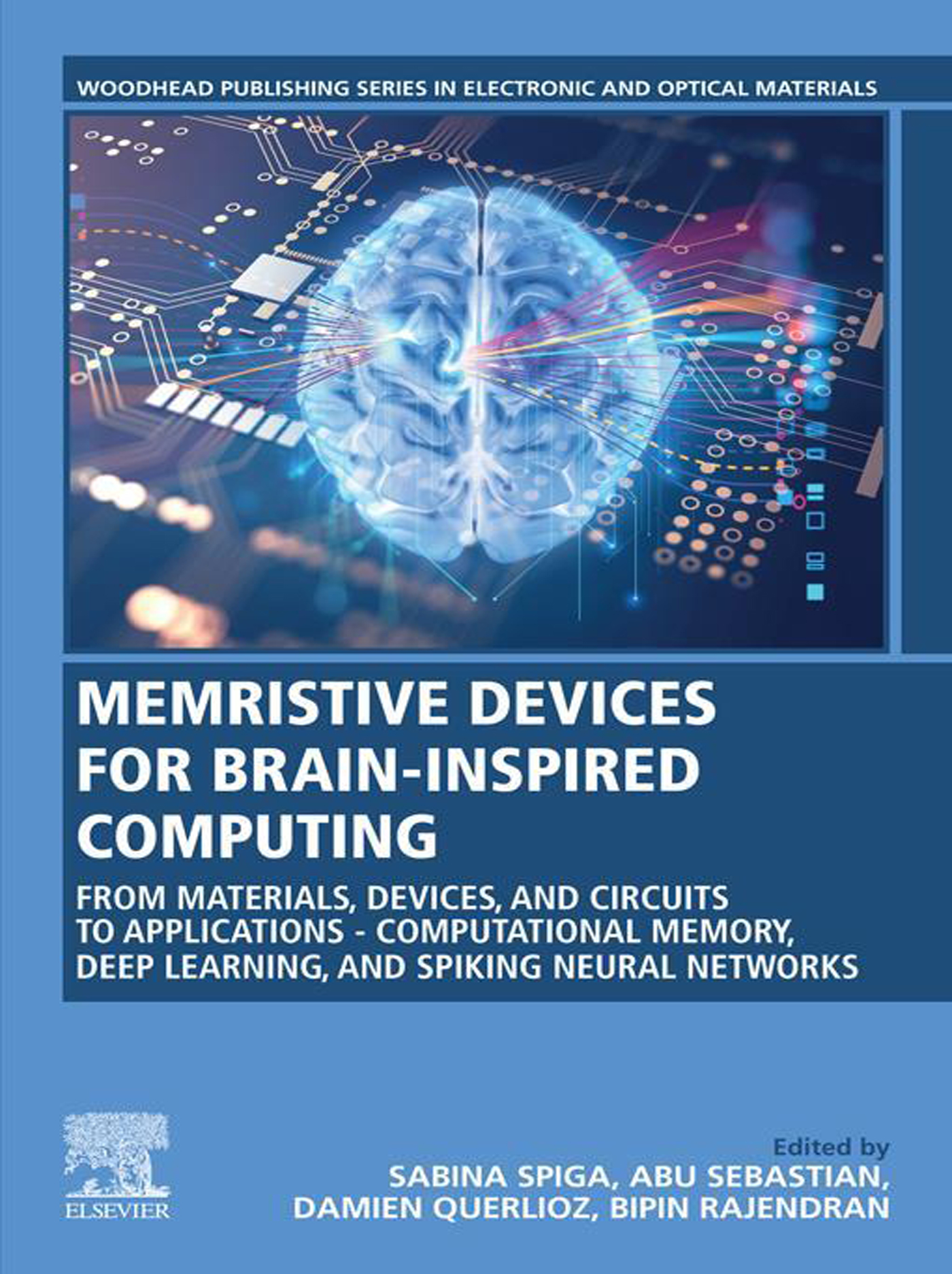
Memristive Devices for Brain-Inspired Computing Memristive Devices for Brain-Inspired Computing: From Materials, Devices, and Circuits to Applications—Computational Memory, Deep Learning, and Spiking Neural Networks reviews the latest in material and devices engineering for optimizing memristive devices beyond storage applications and toward brain-inspired computing. The book provides readers with an understanding of four key concepts, including materials and device aspects with a view of current materials systems and their remaining barriers, algorithmic aspects comprising basic concepts of neuroscience as well as various computing concepts, the circuits and architectures implementing those algorithms based on memristive technologies, and target applications, including brain-inspired computing, computational memory, and deep learning. This comprehensive book is suitable for an interdisciplinary audience, including materials scientists, physicists, electrical engineers, and computer scientists. Provides readers an overview of four key concepts in this emerging research topic including materials and device aspects, algorithmic aspects, circuits and architectures and target applications Covers a broad range of applications, including brain-inspired computing, computational memory, deep learning and spiking neural networks Includes perspectives from a wide range of disciplines, including materials science, electrical engineering and computing, providing a unique interdisciplinary look at the field TECHNOLOGY & ENGINEERING,Electronics,General
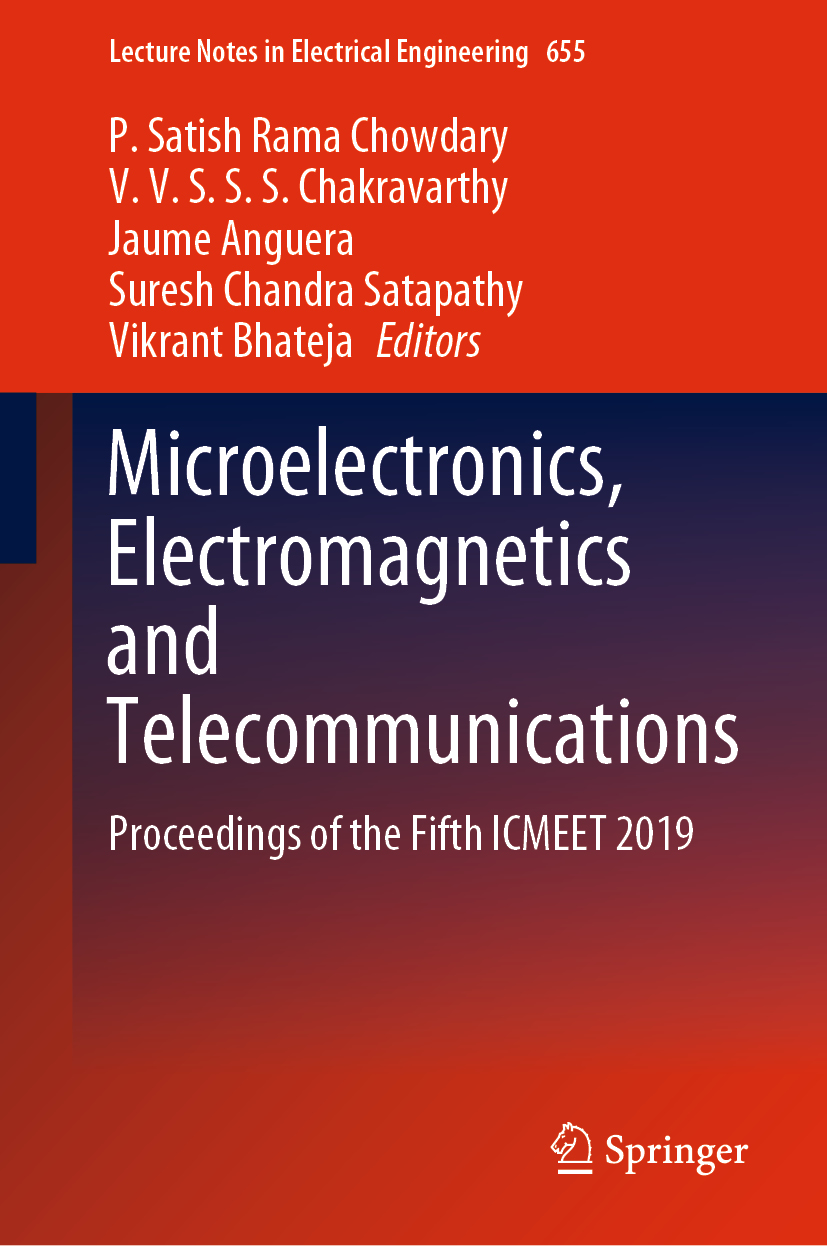
Microelectronics, Electromagnetics and Telecommunications This book discusses the latest developments and outlines future trends in the fields of microelectronics, electromagnetics and telecommunication. It includes original research presented at the International Conference on Microelectronics, Electromagnetics and Telecommunication (ICMEET 2019), organized by the Department of ECE, Raghu Institute of Technology, Andhra Pradesh, India. Written by scientists, research scholars and practitioners from leading universities, engineering colleges and R&D institutes around the globe, the papers share the latest breakthroughs in and promising solutions to the most important issues facing today’s society. TECHNOLOGY & ENGINEERING,Electronics,General
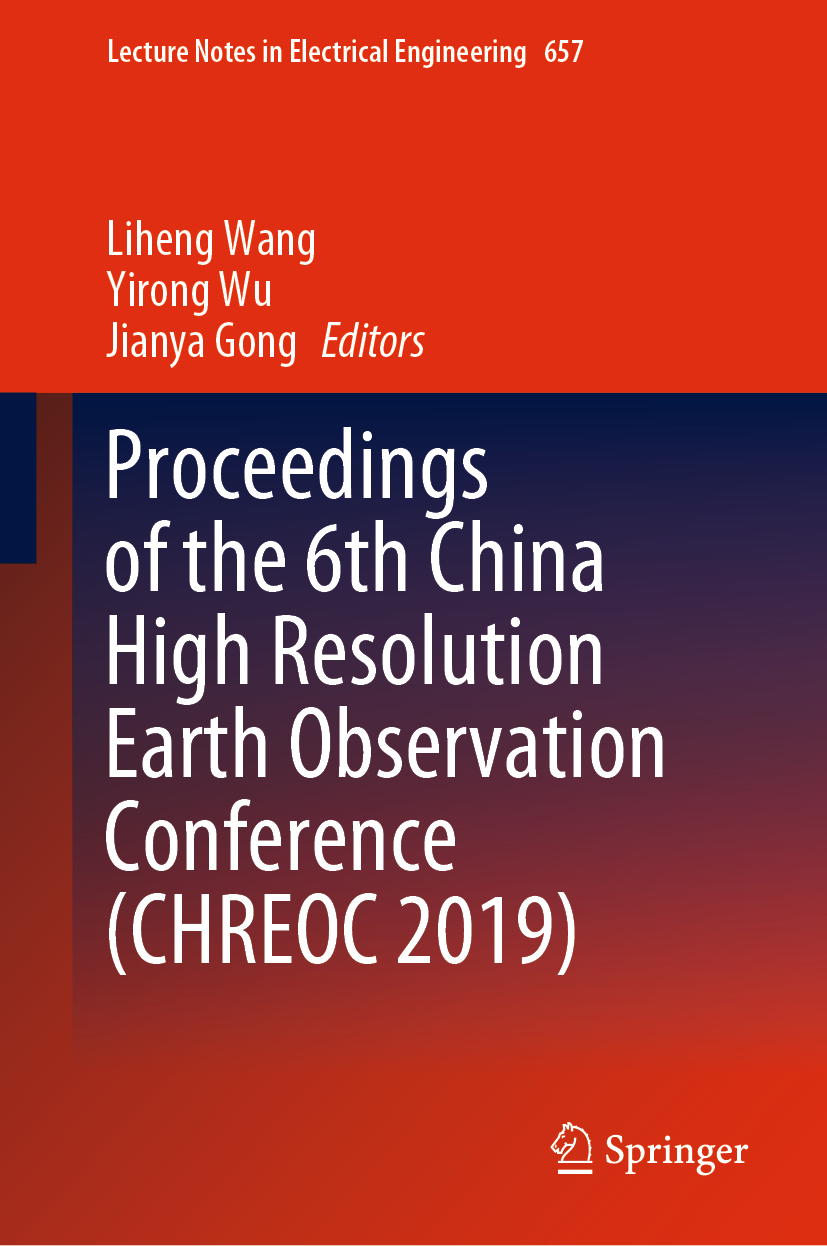
Proceedings of the 6th China High Resolution Earth Observation Conference (CHREOC 2019) This book gathers the proceedings of the 6th China High Resolution Earth Observation Conference (CHREOC). Since its inception, the conference series has become an influential academic event in the earth detection area and attracted more and more top experts and industry practitioners in related fields. CHREOC chiefly focuses on popular topics including military-civilian integration, the One Belt and One Road initiative, and the transformation of scientific research achievements, while also discussing new ideas, new technologies, new methods, and new developments. The CHREOC conferences have effectively promoted high-level institutional mechanisms, technological innovation, and industrial upgrading in the high-resolution earth observation area, and sparked new interest in the major national-sponsored project CHREOS.The majority of the contributing authors are researchers and experts participating in the CHREOS project. The papers highlight new findings, technical innovations, and research directions in the field of high-resolution earth observation. All articles have undergone several rounds of expert review and reflect cutting-edge advances. Accordingly, the proceedings offer an informative and valuable resource for both academic research and engineering practice. TECHNOLOGY & ENGINEERING,Electronics,General
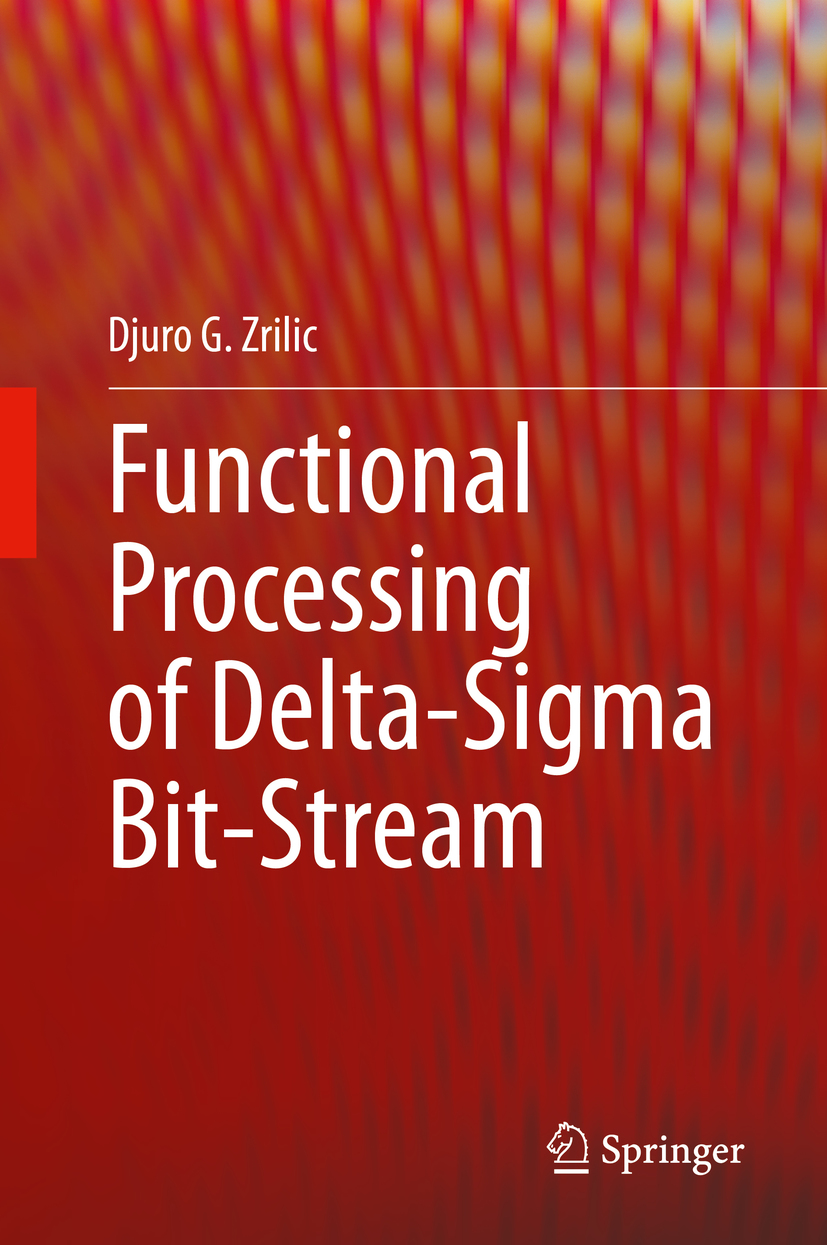
Functional Processing of Delta-Sigma Bit-Stream This book discusses non-conventional digital signal processing based on direct processing of delta-sigma modulated bit-stream. The main attributes of low-pass delta-sigma analog-to-digital converters are: simple and inexpensive design, robustness of design to component tolerances, low-power consumption, high input impedance, high resolution (more than 20 bits) and possibility of direct arithmetic operation on its bit-stream. The author presents a number of theoretical and simulation results related to newly proposed linear and non-linear circuits such as delta-sigma adders, delta-sigma rectifiers, delta-sigma RMS and AGC circuits, delta-sigma frequency deviation meters, etc. The proposed circuits are not application limited and can be used in instrumentation, sensor application, bio-medical application, communications, etc. Presents novel linear and nonlinear circuits for direct processing of delta-sigma modulated bit-stream; The proposed circuits are supported by theoretical and simulation results; Recommends potential applications of the proposed circuits, and proposes ideas for further investigation. TECHNOLOGY & ENGINEERING,Electronics,General
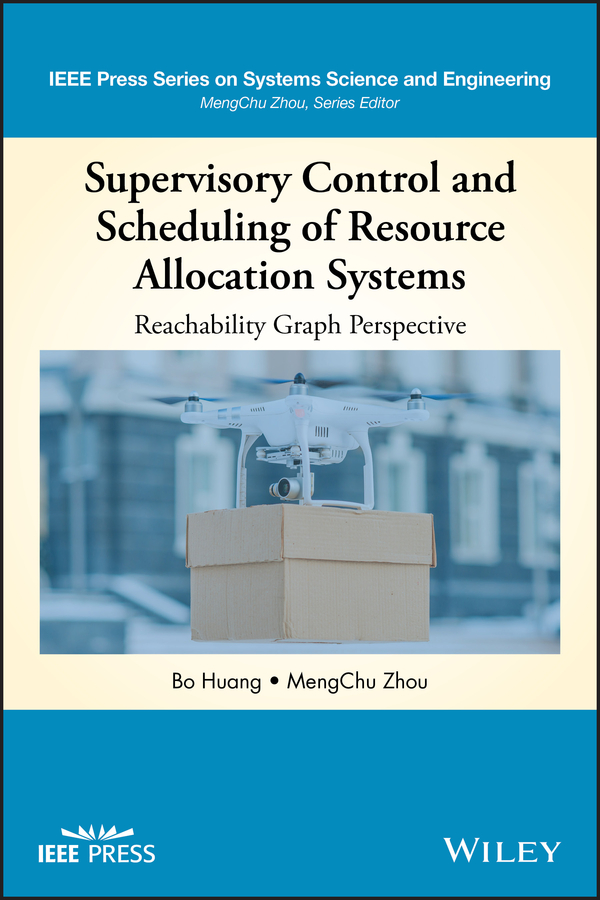
Supervisory Control and Scheduling of Resource Allocation Systems Presents strategies with reachability graph analysis for optimizing resource allocation systems Supervisory Control and Scheduling of Resource Allocation Systems offers an important guide to Petri net (PN) models and methods for supervisory control and system scheduling of resource allocation systems (RASs). Resource allocation systems are common in automated manufacturing systems, project management systems, cloud data centers, and software engineering systems. The authors—two experts on the topic—present a definition, techniques, models, and state-of-the art applications of supervisory control and scheduling problems. The book introduces the basic concepts and research background on resource allocation systems and Petri nets. The authors then focus on the deadlock-free supervisor synthesis for RASs using Petri nets. The book also investigates the heuristic scheduling of RASs based on timed Petri nets. Conclusions and open problems are provided in the last section of the book. This important book: Includes multiple methods for supervisory control and scheduling with reachability graphs, and provides illustrative examples Reveals how to accelerate the supervisory controller design and system scheduling of RASs based on PN reachability graphs, with optimal or near-optimal results Highlights both solution quality and computational speed in RAS deadlock handling and system scheduling Written for researchers, engineers, scientists, and professionals in system planning and control, engineering, operation, and management, Supervisory Control and Scheduling of Resource Allocation Systems provides an essential guide to the supervisory control and scheduling of resource allocation systems (RASs) using Petri net reachability graphs, which allow for multiple resource acquisitions and flexible routings. TECHNOLOGY & ENGINEERING,Electronics,General
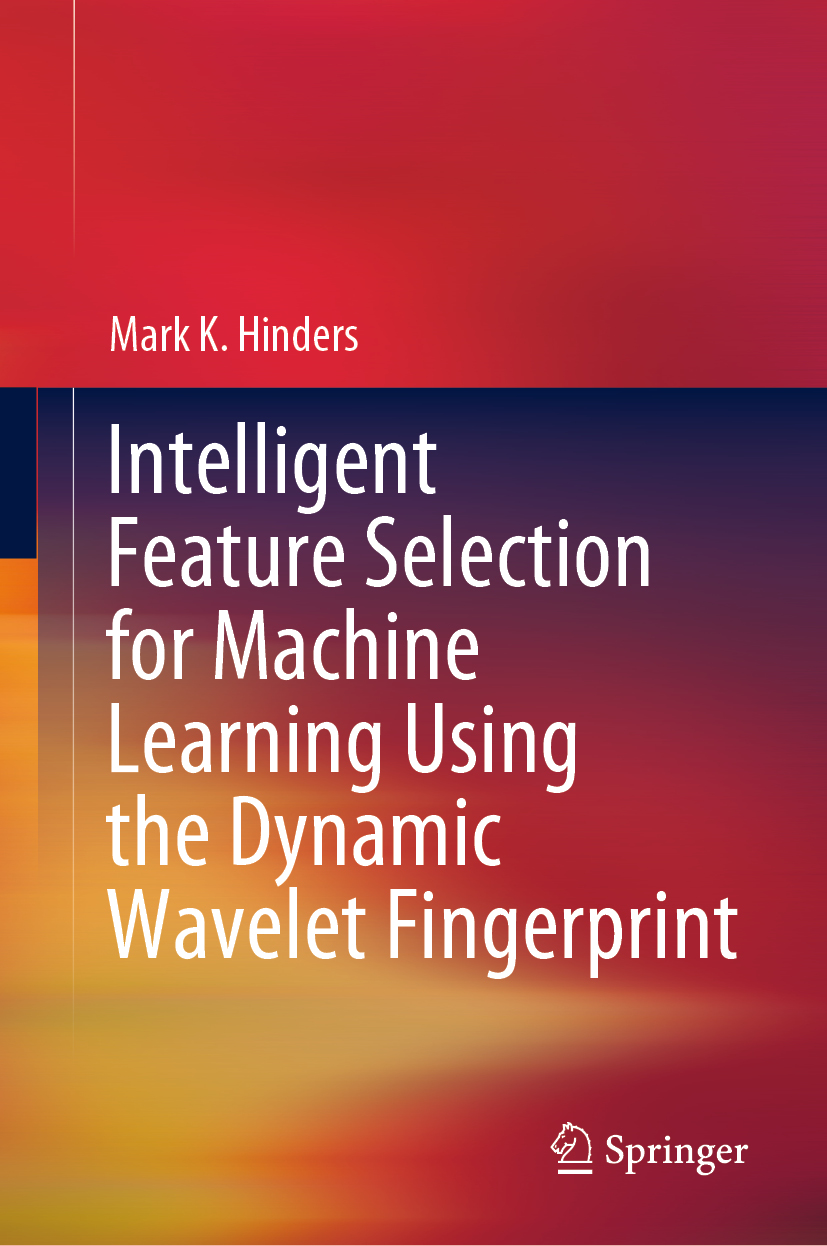
Intelligent Feature Selection for Machine Learning Using the Dynamic Wavelet Fingerprint This book discusses various applications of machine learning using a new approach, the dynamic wavelet fingerprint technique, to identify features for machine learning and pattern classification in time-domain signals. Whether for medical imaging or structural health monitoring, it develops analysis techniques and measurement technologies for the quantitative characterization of materials, tissues and structures by non-invasive means. Intelligent Feature Selection for Machine Learning using the Dynamic Wavelet Fingerprint begins by providing background information on machine learning and the wavelet fingerprint technique. It then progresses through six technical chapters, applying the methods discussed to particular real-world problems. Theses chapters are presented in such a way that they can be read on their own, depending on the reader’s area of interest, or read together to provide a comprehensive overview of the topic. Given its scope, the book will be of interest to practitioners, engineers and researchers seeking to leverage the latest advances in machine learning in order to develop solutions to practical problems in structural health monitoring, medical imaging, autonomous vehicles, wireless technology, and historical conservation. TECHNOLOGY & ENGINEERING,Electronics,General

A Modern Introduction to Fuzzy Mathematics Provides readers with the foundations of fuzzy mathematics as well as more advanced topics A Modern Introduction to Fuzzy Mathematics provides a concise presentation of fuzzy mathematics., moving from proofs of important results to more advanced topics, like fuzzy algebras, fuzzy graph theory, and fuzzy topologies. The authors take the reader through the development of the field of fuzzy mathematics, starting with the publication in 1965 of Lotfi Asker Zadeh's seminal paper, Fuzzy Sets. The book begins with the basics of fuzzy mathematics before moving on to more complex topics, including: Fuzzy sets Fuzzy numbers Fuzzy relations Possibility theory Fuzzy abstract algebra And more Perfect for advanced undergraduate students, graduate students, and researchers with an interest in the field of fuzzy mathematics, A Modern Introduction to Fuzzy Mathematics walks through both foundational concepts and cutting-edge, new mathematics in the field. TECHNOLOGY & ENGINEERING,Electronics,General
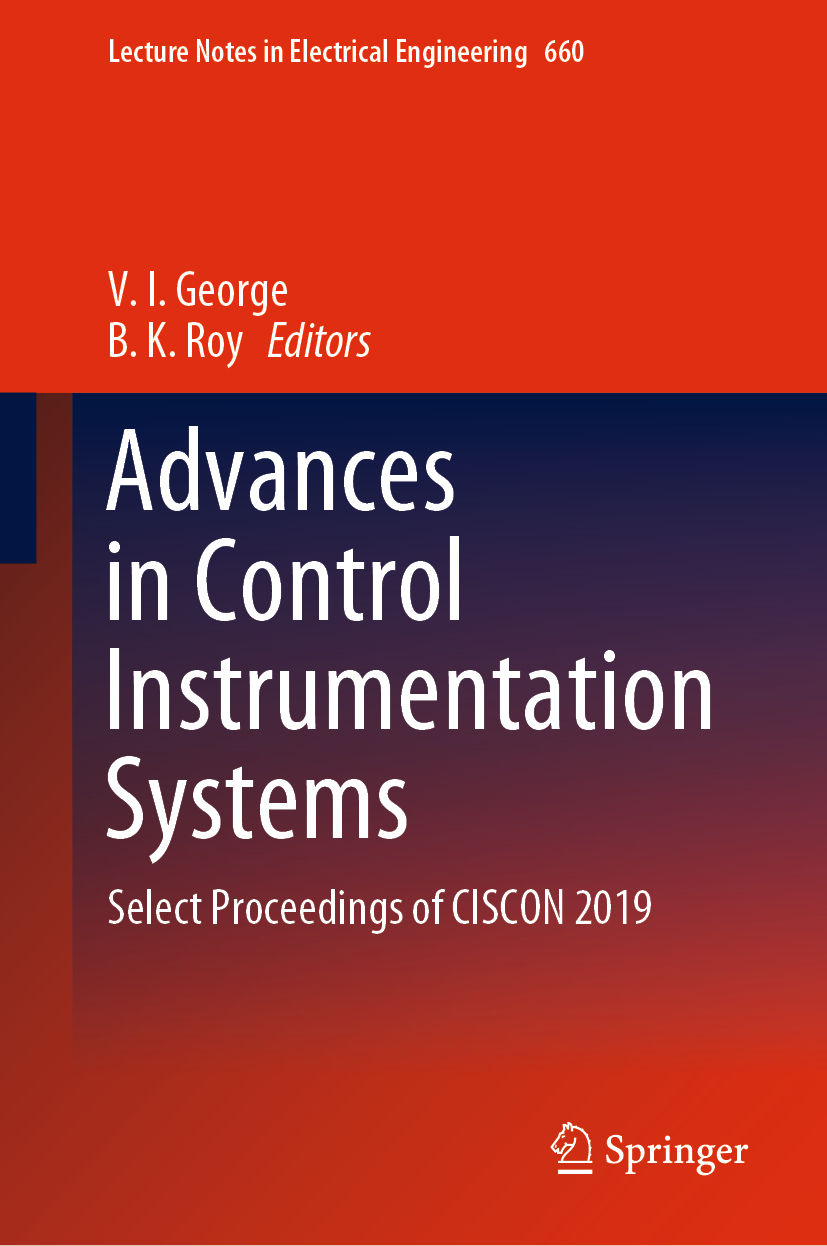
Advances in Control Instrumentation Systems This book comprises select peer-reviewed proceedings of the Control Instrumentation System Conference (CISCON 2019) in the specialized area of cyber-physical systems. The topics include current trends in the areas of instrumentation, sensors and systems, industrial automation and control, image and signal processing, robotics, renewable energy, power systems and power drives, and artificial intelligence technologies. Wide-ranging applications in various fields such as aerospace, biomedical, optical imaging and biomechanics are covered in the book. The contents of this book are useful for students, researchers as well as industry professionals working in the field of instrumentation and control engineering. TECHNOLOGY & ENGINEERING,Electronics,General
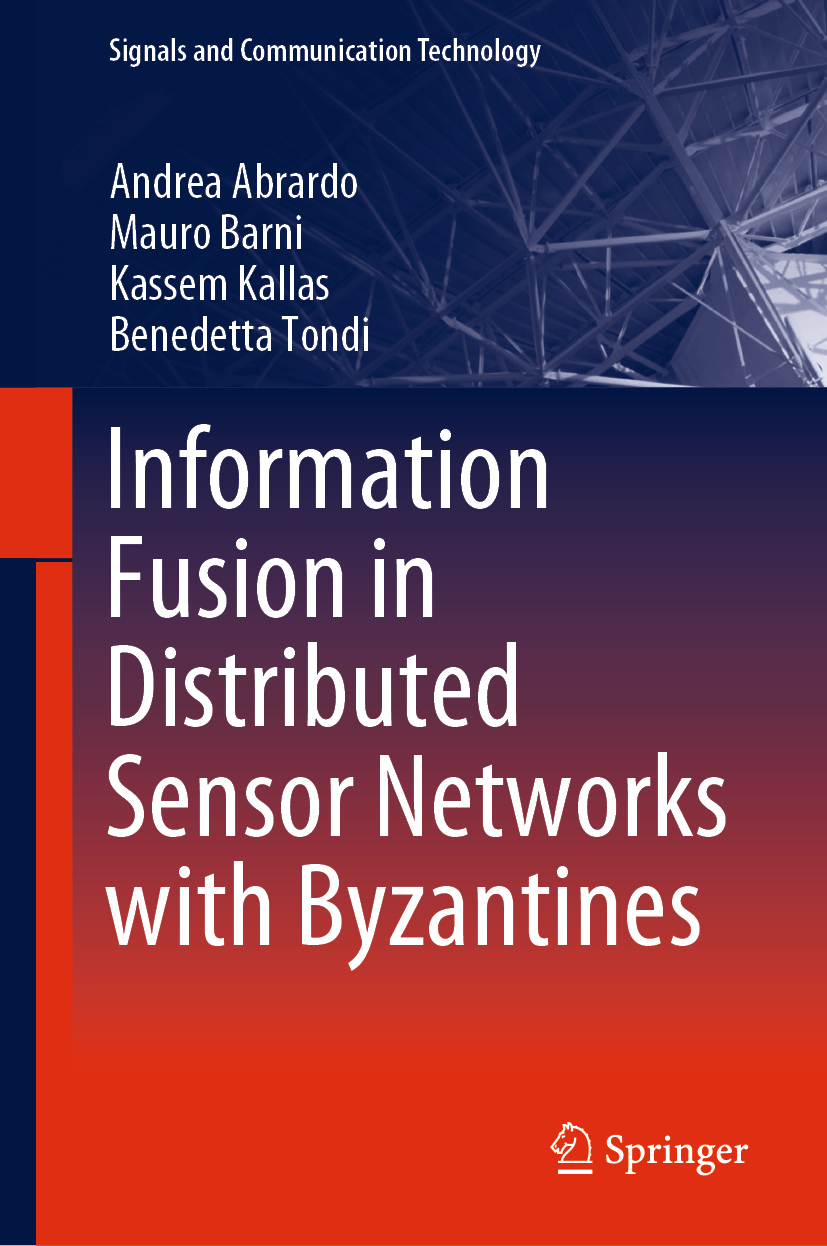
Information Fusion in Distributed Sensor Networks with Byzantines This book reviews the most powerful attack strategies and potential defense mechanisms, always approaching the interplay between the Fusion Center and the Byzantines from a game-theoretic perspective. For each of the settings considered, the equilibria of the game and the corresponding payoffs are derived, shedding new light on the achievable performance level and the impact that the presence of the Byzantines has on the accuracy of decisions made by the Fusion Center. Accordingly, the book offers a simple yet effective introduction to the emerging field of adversarial information fusion, providing a wealth of intuitive take-home lessons for practitioners interested in applying the most basic notions to the design of practical systems, while at the same time introducing researchers and other readers to the mathematical details behind the theory. TECHNOLOGY & ENGINEERING,Electronics,General
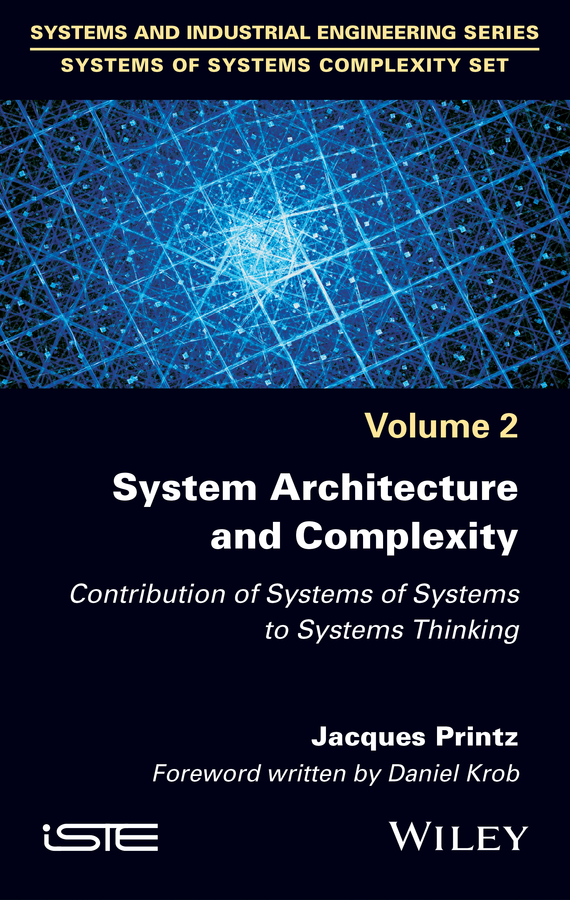
System Architecture and Complexity The emergence of a true systemic science - the systemic one - capable of rigorously addressing the many problems posed by the design and management of the evolution of modern complex systems is therefore urgently needed if wants to be able to provide satisfactory answers to the many profoundly systemic challenges that humanity will have to face at the dawn of the third millennium. This emergence is of course not easy because one can easily understand that the development of the systemic is mechanically confronted with all the classical disciplines which can all pretend to bring part of the explanations necessary to the understanding of a system and which do not naturally see a good eye a new discipline claim to encompass them in a holistic approach ... The book of Jacques Printz is therefore an extremely important contribution to this new emerging scientific and technical discipline: it is indeed first of all one of the very few "serious" works published in French and offering a good introduction to the systemic. It gives an extremely broad vision of this field, taking a thread given by the architecture of systems, in other words by the part of the systemic that is interested in the structure of systems and their design processes, which allows everyone to fully understand the issues and issues of the systemic. We can only encourage the reader to draw all the quintessence of the masterful work of Jacques Printz which mixes historical reminders explaining how the systemic emerged, introduction to key concepts of the systemic and practical examples to understand the nature and the scope of the ideas introduced. TECHNOLOGY & ENGINEERING,Electronics,General
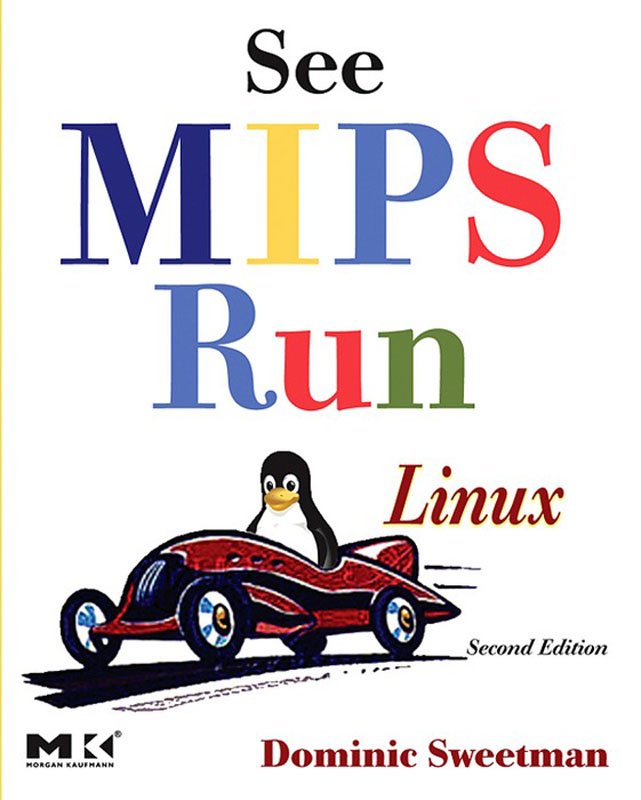
See MIPS Run See MIPS Run, Second Edition, is not only a thorough update of the first edition, it is also a marriage of the best-known RISC architecture--MIPS--with the best-known open-source OS--Linux. The first part of the book begins with MIPS design principles and then describes the MIPS instruction set and programmers’ resources. It uses the MIPS32 standard as a baseline (the 1st edition used the R3000) from which to compare all other versions of the architecture and assumes that MIPS64 is the main option. The second part is a significant change from the first edition. It provides concrete examples of operating system low level code, by using Linux as the example operating system. It describes how Linux is built on the foundations the MIPS hardware provides and summarizes the Linux application environment, describing the libraries, kernel device-drivers and CPU-specific code. It then digs deep into application code and library support, protection and memory management, interrupts in the Linux kernel and multiprocessor Linux. Sweetman has revised his best-selling MIPS bible for MIPS programmers, embedded systems designers, developers and programmers, who need an in-depth understanding of the MIPS architecture and specific guidance for writing software for MIPS-based systems, which are increasingly Linux-based. Completely new material offers the best explanation available on how Linux runs on real hardware Provides a complete, updated and easy-to-use guide to the MIPS instruction set using the MIPS32 standard as the baseline architecture with the MIPS64 as the main option Retains the same engaging writing style that made the first edition so readable, reflecting the authors 20+ years experience in designing systems based on the MIPS architecture TECHNOLOGY & ENGINEERING,Electronics,Microelectronics
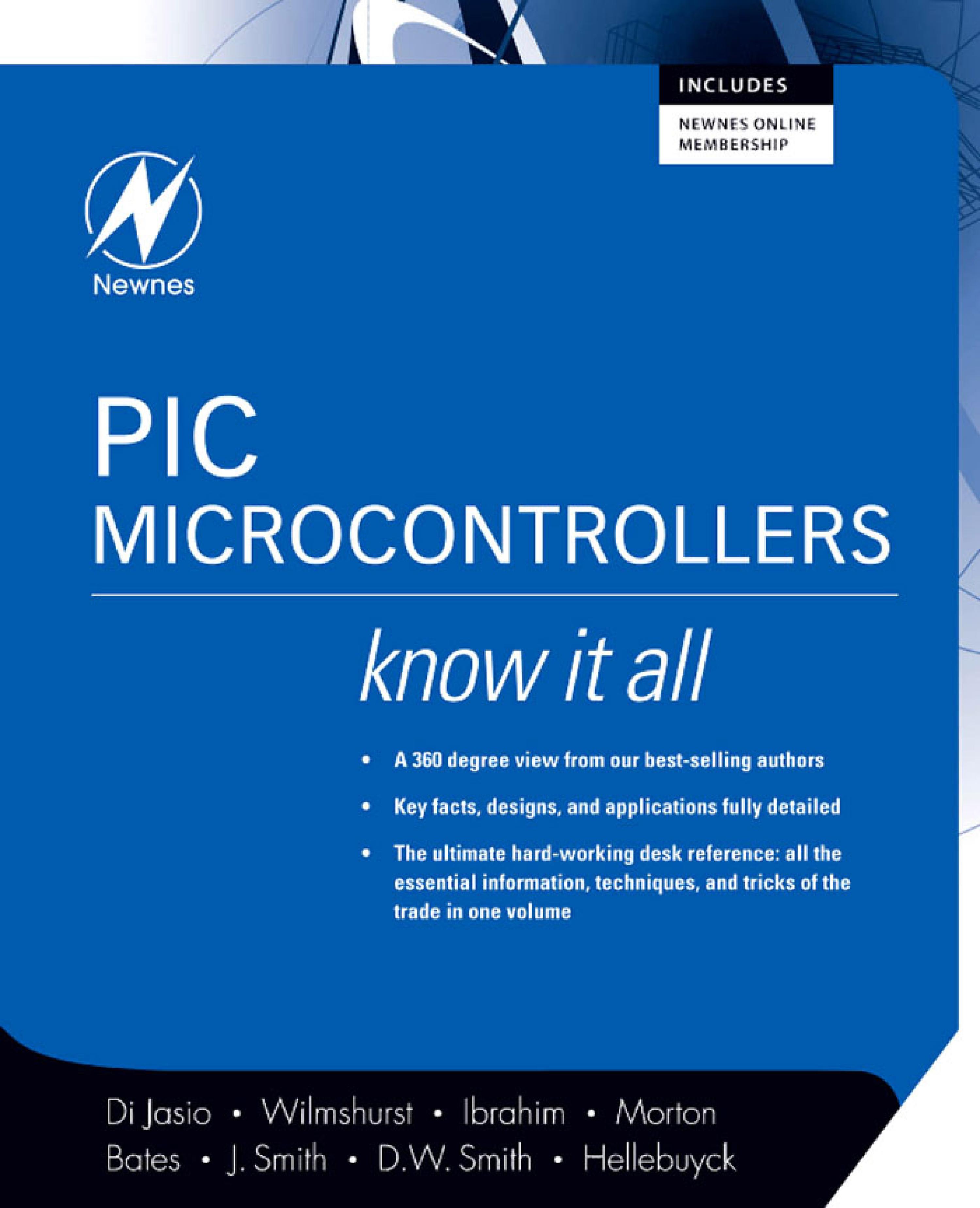
PIC Microcontrollers The Newnes Know It All Series takes the best of what our authors have written over the past few years and creates a one-stop reference for engineers involved in markets from communications to embedded systems and everywhere in between. PIC design and development a natural fit for this reference series as it is one of the most popular microcontrollers in the world and we have several superbly authored books on the subject. This material ranges from the basics to more advanced topics. There is also a very strong project basis to this learning. The average embedded engineer working with this microcontroller will be able to have any question answered by this compilation. He/she will also be able to work through real-life problems via the projects contained in the book. The Newnes Know It All Series presentation of theory, hard fact, and project-based direction will be a continual aid in helping the engineer to innovate in the workplace. Section I. An Introduction to PIC Microcontrollers Chapter 1. The PIC Microcontroller FamilyChapter 2. Introducing the PIC 16 Series and the 16F84AChapter 3. Parallel Ports, Power Supply and the Clock Oscillator Section II. Programming PIC Microcontrollers using Assembly Language Chapter 4. Starting to Program—An Introduction to AssemblerChapter 5. Building Assembler ProgramsChapter 6. Further Programming TechniquesChapter 7. Prototype HardwareChapter 8. More PIC Applications and DevicesChapter 9. The PIC 1250x Series (8-pin PIC microcontrollers)Chapter 10. Intermediate Operations using the PIC 12F675Chapter 11. Using InputsChapter 12. Keypad ScanningChapter 13. Program Examples Section III. Programming PIC Microcontrollers using PicBasic Chapter 14. PicBasic and PicBasic Pro Programming Chapter 15. Simple PIC ProjectsChapter 16. Moving On with the 16F876Chapter 17. Communication Section IV. Programming PIC Microcontrollers using MBasic Chapter 18. MBasic Compiler and Development BoardsChapter 19. The Basics—OutputChapter 20. The Basics—Digital InputChapter 21. Introductory Stepper MotorsChapter 22. Digital Temperature Sensors and Real-Time ClocksChapter 23. Infrared Remote Controls Section V. Programming PIC Microcontrollers using C Chapter 24. Getting StartedChapter 25. Programming LoopsChapter 26. More LoopsChapter 27. NUMB3RSChapter 28. InterruptsChapter 29. Taking a Look under the Hood Over 900 pages of practical, hands-on content in one book! Huge market - as of November 2006 Microchip Technology Inc., a leading provider of microcontroller and analog semiconductors, produced its 5 BILLIONth PIC microcontroller Several points of view, giving the reader a complete 360 of this microcontroller TECHNOLOGY & ENGINEERING,Electronics,Microelectronics

Design of Cost-Efficient Interconnect Processing Units Streamlined Design Solutions Specifically for NoC To solve critical network-on-chip (NoC) architecture and design problems related to structure, performance and modularity, engineers generally rely on guidance from the abundance of literature about better-understood system-level interconnection networks. However, on-chip networks present several distinct challenges that require novel and specialized solutions not found in the tried-and-true system-level techniques. A Balanced Analysis of NoC Architecture As the first detailed description of the commercial Spidergon STNoC architecture, Design of Cost-Efficient Interconnect Processing Units: Spidergon STNoC examines the highly regarded, cost-cutting technology that is set to replace well-known shared bus architectures, such as STBus, for demanding multiprocessor system-on-chip (SoC) applications. Employing a balanced, well-organized structure, simple teaching methods, numerous illustrations, and easy-to-understand examples, the authors explain: how the SoC and NoC technology works why developers designed it the way they did the system-level design methodology and tools used to configure the Spidergon STNoC architecture differences in cost structure between NoCs and system-level networks From professionals in computer sciences, electrical engineering, and other related fields, to semiconductor vendors and investors – all readers will appreciate the encyclopedic treatment of background NoC information ranging from CMPs to the basics of interconnection networks. The text introduces innovative system-level design methodology and tools for efficient design space exploration and topology selection. It also provides a wealth of key theoretical and practical MPSoC and NoC topics, such as technological deep sub-micron effects, homogeneous and heterogeneous processor architectures, multicore SoC, interconnect processing units, generic NoC components, and embeddings of common communication patterns. TECHNOLOGY & ENGINEERING,Electronics,Microelectronics
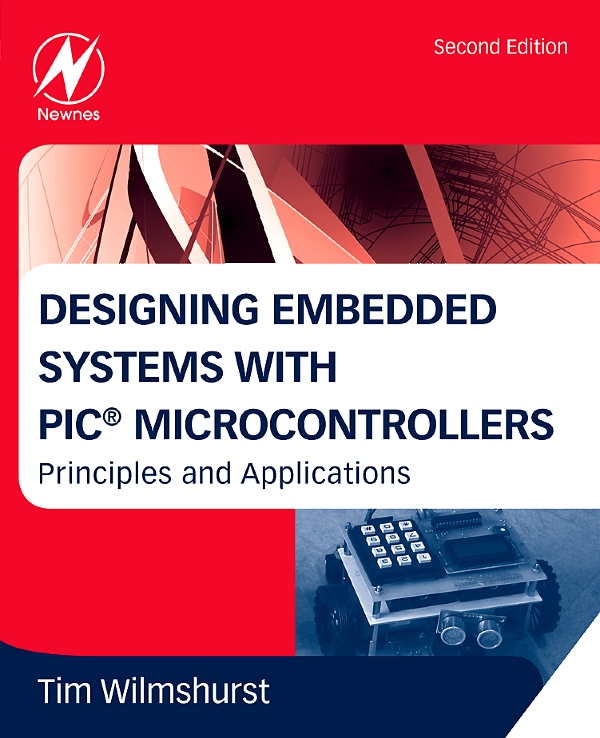
Designing Embedded Systems with PIC Microcontrollers PIC microcontrollers are used worldwide in commercial and industrial devices. The 8-bit PIC which this book focuses on is a versatile work horse that completes many designs. An engineer working with applications that include a microcontroller will no doubt come across the PIC sooner rather than later. It is a must to have a working knowledge of this 8-bit technology. This book takes the novice from introduction of embedded systems through to advanced development techniques for utilizing and optimizing the PIC family of microcontrollers in your device. To truly understand the PIC, assembly and C programming language must be understood. The author explains both with sample code and examples, and makes the transition from the former to the latter an easy one. This is a solid building block for future PIC endeavors. New to the 2nd Edition:*Include end of chapter questions/activities moving from introductory to advanced*More worked examples *Includes PowerPoint slides for instructors *Includes all code snips on a companion web site for ease of use *A survey of 16/32-bit PICs*A project using ZigBee Covers both assembly and C programming languages, essential for optimizing the PIC Amazing breadth of coverage moving from introductory to advanced topics covering more and more complex microcontroller families Details MPLAB and other Microchip design tools TECHNOLOGY & ENGINEERING,Electronics,Microelectronics

The Definitive Guide to ARM® Cortex®-M3 and Cortex®-M4 Processors This new edition has been fully revised and updated to include extensive information on the ARM Cortex-M4 processor, providing a complete up-to-date guide to both Cortex-M3 and Cortex-M4 processors, and which enables migration from various processor architectures to the exciting world of the Cortex-M3 and M4. This book presents the background of the ARM architecture and outlines the features of the processors such as the instruction set, interrupt-handling and also demonstrates how to program and utilize the advanced features available such as the Memory Protection Unit (MPU). Chapters on getting started with IAR, Keil, gcc and CooCox CoIDE tools help beginners develop program codes. Coverage also includes the important areas of software development such as using the low power features, handling information input/output, mixed language projects with assembly and C, and other advanced topics. Two new chapters on DSP features and CMSIS-DSP software libraries, covering DSP fundamentals and how to write DSP software for the Cortex-M4 processor, including examples of using the CMSIS-DSP library, as well as useful information about the DSP capability of the Cortex-M4 processor A new chapter on the Cortex-M4 floating point unit and how to use it A new chapter on using embedded OS (based on CMSIS-RTOS), as well as details of processor features to support OS operations Various debugging techniques as well as a troubleshooting guide in the appendix Topics on software porting from other architectures A full range of easy-to-understand examples, diagrams and quick reference appendices TECHNOLOGY & ENGINEERING,Electronics,Microelectronics
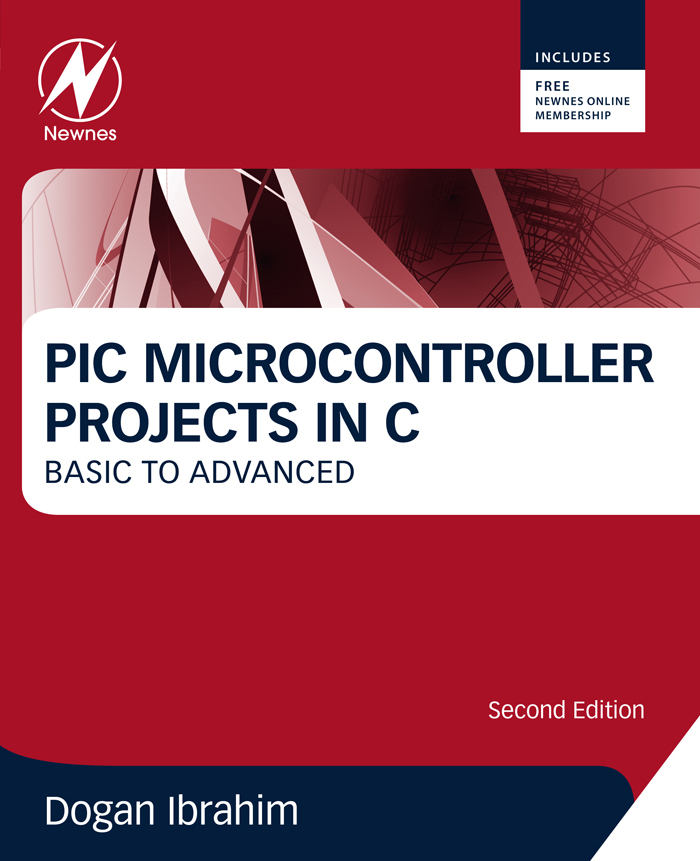
PIC Microcontroller Projects in C Extensively revised and updated to encompass the latest developments in the PIC 18FXXX series, this book demonstrates how to develop a range of microcontroller applications through a project-based approach. After giving an introduction to programming in C using the popular mikroC Pro for PIC and MPLAB XC8 languages, this book describes the project development cycle in full. The book walks you through fully tried and tested hands-on projects, including many new, advanced topics such as Ethernet programming, digital signal processing, and RFid technology. This book is ideal for engineers, technicians, hobbyists and students who have knowledge of the basic principles of PIC microcontrollers and want to develop more advanced applications using the PIC18F series. This book Includes over fifty projects which are divided into three categories: Basic, Intermediate, and Advanced. New projects in this edition: Logic probe Custom LCD font design Hi/Lo game Generating various waveforms in real-time Ultrasonic height measurement Frequency counter Reaction timer GPS projects Closed-loop ON/OFF temperature control Bluetooth projects (master and slave) RFid projects Clock using Real-time-clock (RTC) chip RTC alarm project Graphics LCD (GLCD) projects Barometer+thermometer+altimeter project Plotting temperature on GLCD Ethernet web browser based control Ethernet UDP based control Digital signal processing (Low Pass Filter design) Automotive LIN bus project Automotive CAN bus project Multitasking projects (using both cooperative and Round-robin scheduling) Unipolar stepper motor projects Bipolar stepper motor projects Closed-loop ON/OFF DC motor control A clear introduction to the PIC 18FXXX microcontroller's architecture Covers developing wireless and sensor network applications, SD card projects, and multi-tasking; all demonstrated with the block and circuit diagram, program description in PDL, program listing, and program description Includes more than 50 basic, intermediate, and advanced projects TECHNOLOGY & ENGINEERING,Electronics,Microelectronics
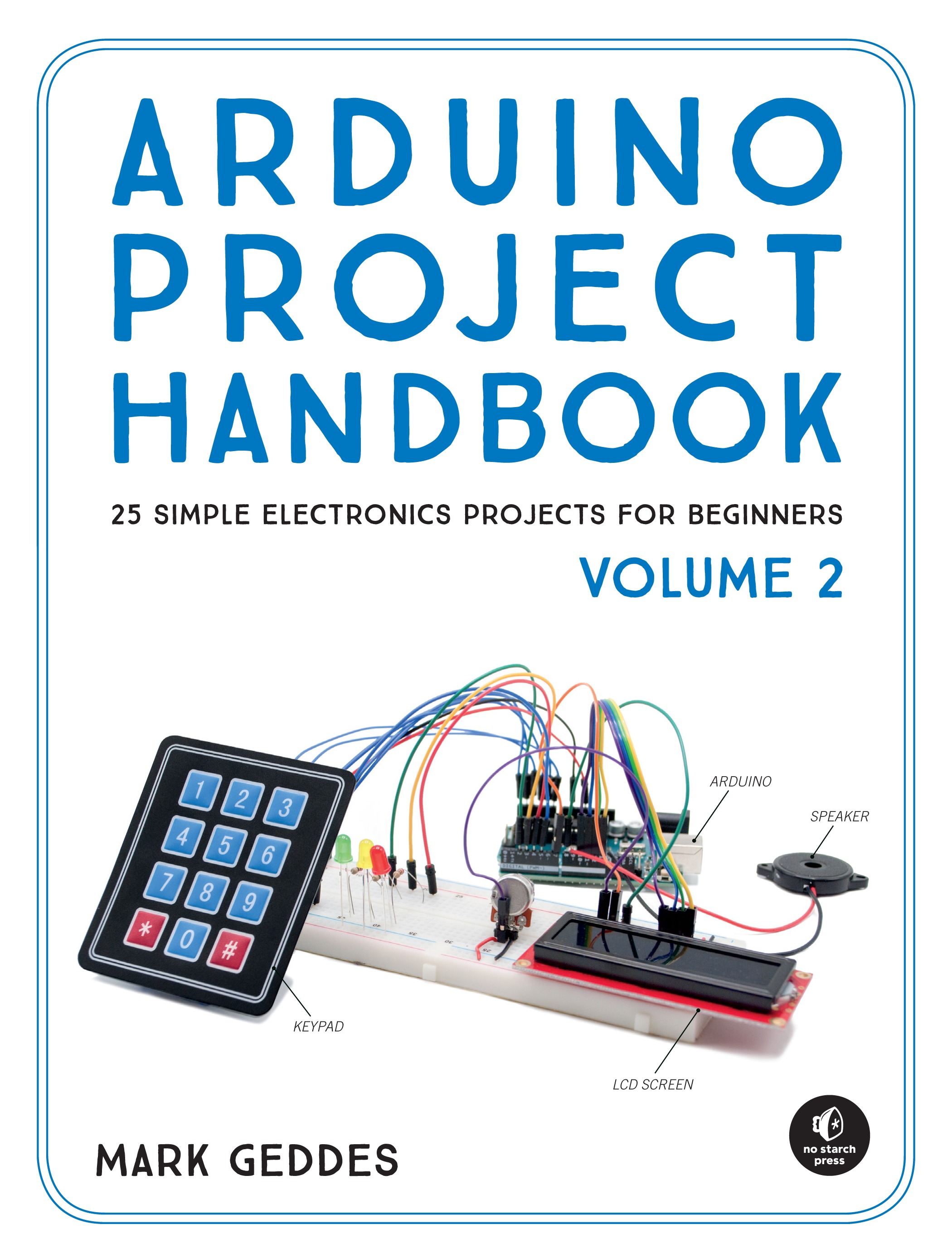
Arduino Project Handbook, Volume 2 This second volume of the Arduino Project Handbook delivers 25 more beginner-friendly electronics projects. Get up and running with a crash course on the Arduino, and then pick any project that sparks your interest and start making! Each project includes cost and time estimates, simple instructions, colorful photos and circuit diagrams, a troubleshooting section, and the complete code to bring your build to life. With just the Arduino board and a handful of components, you’ll make gadgets like a rainbow light display, noise-level meter, digital piano, GPS speedometer, and fingerprint scanner. This collection of projects is a fast and fun way to get started with microcontrollers that’s perfect for beginners, hobbyists, parents, and educators. 25 Step-by-Step Projects LED Light BarLight-Activated Night-LightSeven-Segment LED Countdown TimerLED Scrolling MarqueeMood LightRainbow Strip LightNeoPixel CompassArduino PianoAudio LED VisualizerOld-School Analog DialStepper MotorTemperature-Controlled FanUltrasonic Range FinderDigital ThermometerBomb Decoder GameSerial LCD ScreenUltrasonic People CounterNokia 5110 LCD Screen Pong GameOLED BreathalyzerUltrasonic SoakerFingerprint ScannerUltrasonic RobotInternet-Controlled LEDVoice-Controlled LEDGPS Speedometer Uses the Arduino Uno board Praise for the first volume of Arduino Project Handbook: "Easily the best beginner’s guide out there. Pair with an inexpensive clone-based starter kit, and it’s never been cheaper to join the maker revolution." —MakeUseOf.com "Beautifully designed." —Boing Boing TECHNOLOGY & ENGINEERING,Electronics,Microelectronics
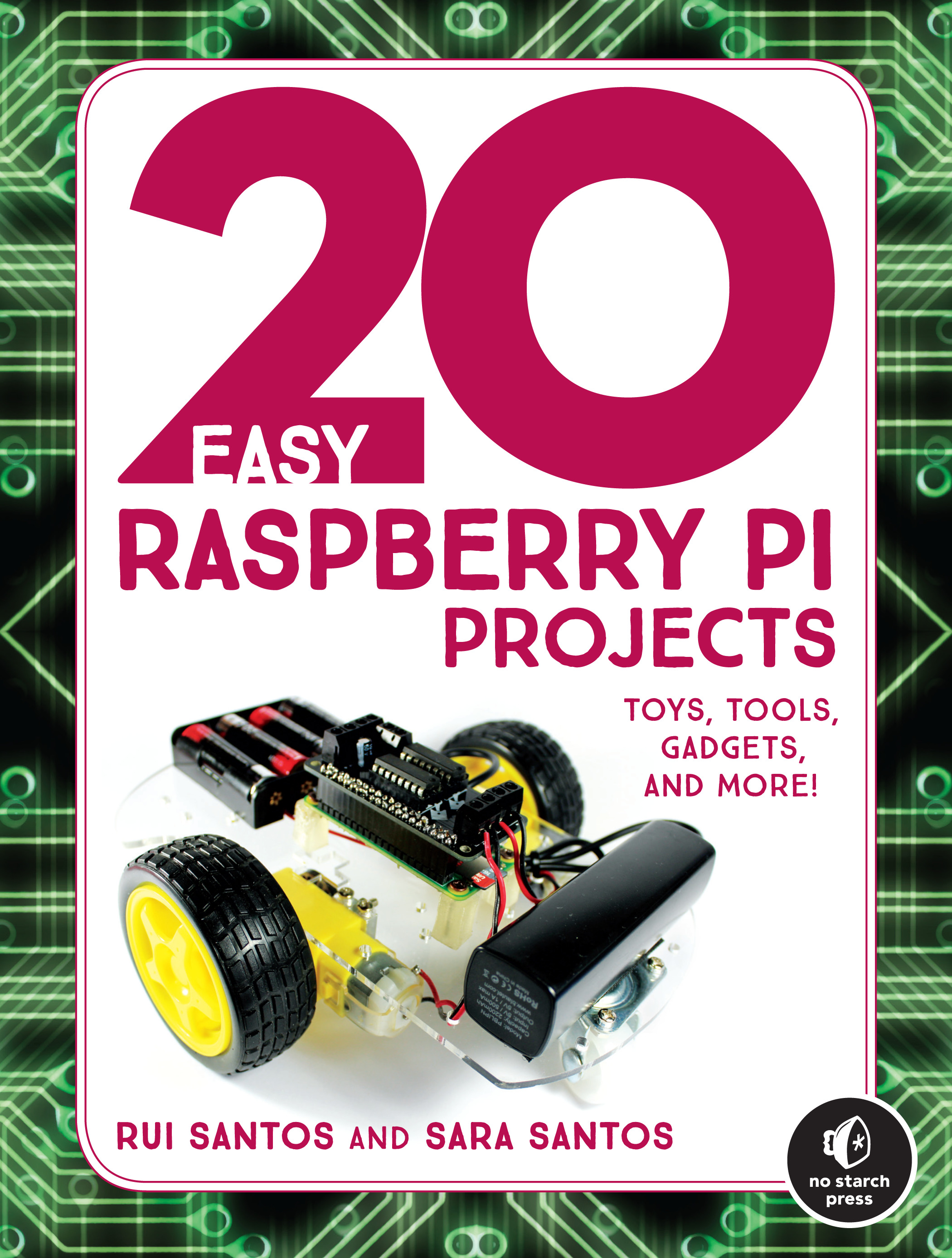
20 Easy Raspberry Pi Projects Twenty projects using the Raspberry Pi, a tiny and affordable computer, for beginners looking to make cool things right away. Projects are explained with full-color visuals and simple step-by-step instructions. 20 Easy Raspberry Pi Projects is a beginner-friendly collection of electronics projects, perfectly suited for kids, parents, educators, and hobbyists looking to level up their hardware skills. After a crash course to get you set up with your Raspberry Pi, you’ll learn how to build interactive projects like a digital drum set; a WiFi controlled robot; a Pong game; an intruder alarm that sends email notifications; a gas leak detector; a weather forecaster; and IoT gadgets that control electronics around the house. Along the way, you’ll work with core components like LCD screens, cameras, sensors, and even learn how to set up your own server. Each project provides step-by-step instructions, full-color photos and circuit diagrams, and the complete code to bring your build to life. If you’re ready to hit the ground running and make something interesting, let 20 Easy Raspberry Pi Projects be your guide. TECHNOLOGY & ENGINEERING,Electronics,Microelectronics
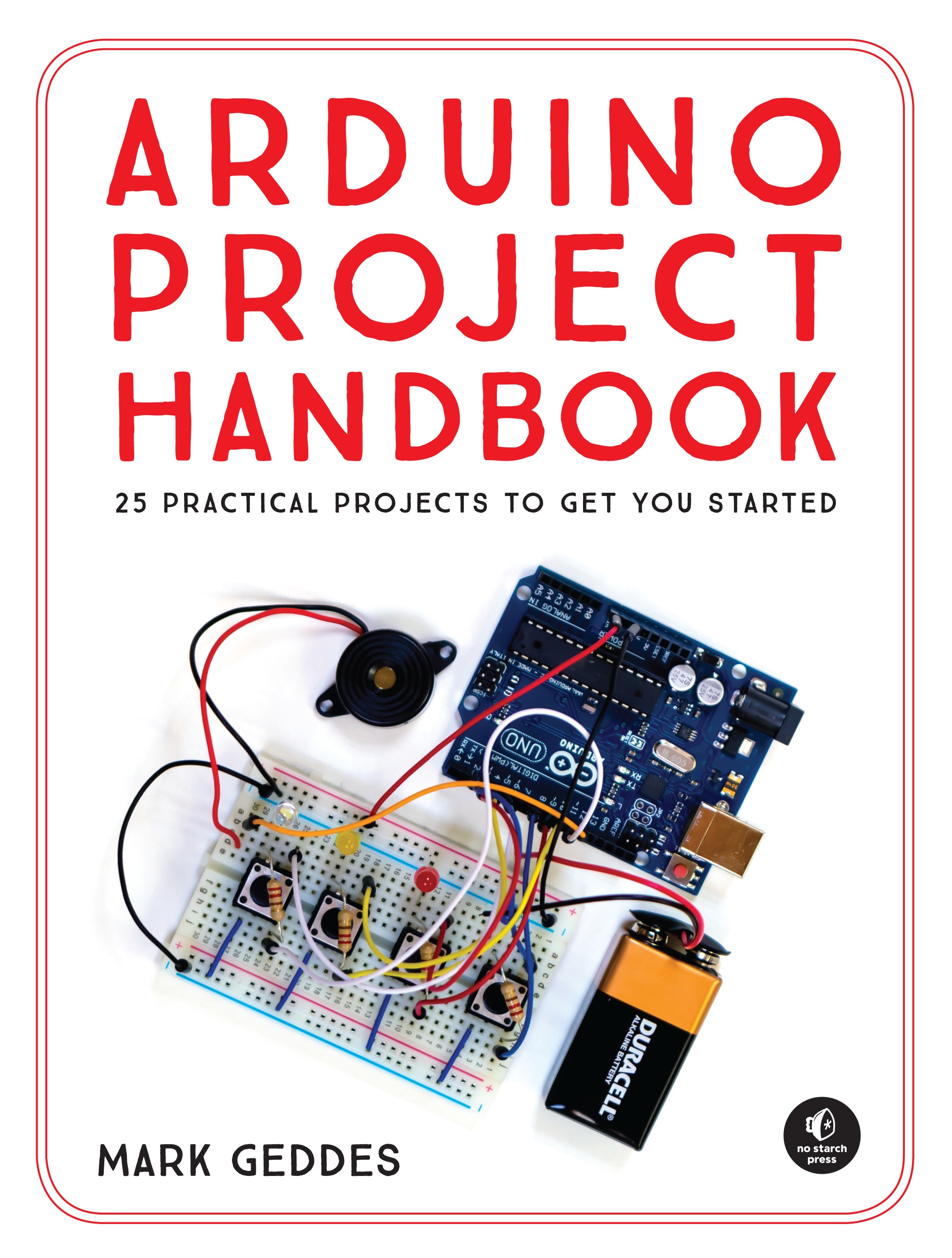
Arduino Project Handbook Arduino Project Handbook is a beginner-friendly collection of electronics projects using the low-cost Arduino board. With just a handful of components, an Arduino, and a computer, you’ll learn to build and program everything from light shows to arcade games to an ultrasonic security system. First you’ll get set up with an introduction to the Arduino and valuable advice on tools and components. Then you can work through the book in order or just jump to projects that catch your eye. Each project includes simple instructions, colorful photos and circuit diagrams, and all necessary code. Arduino Project Handbook is a fast and fun way to get started with microcontrollers that’s perfect for beginners, hobbyists, parents, and educators. Uses the Arduino Uno board. TECHNOLOGY & ENGINEERING,Electronics,Microelectronics
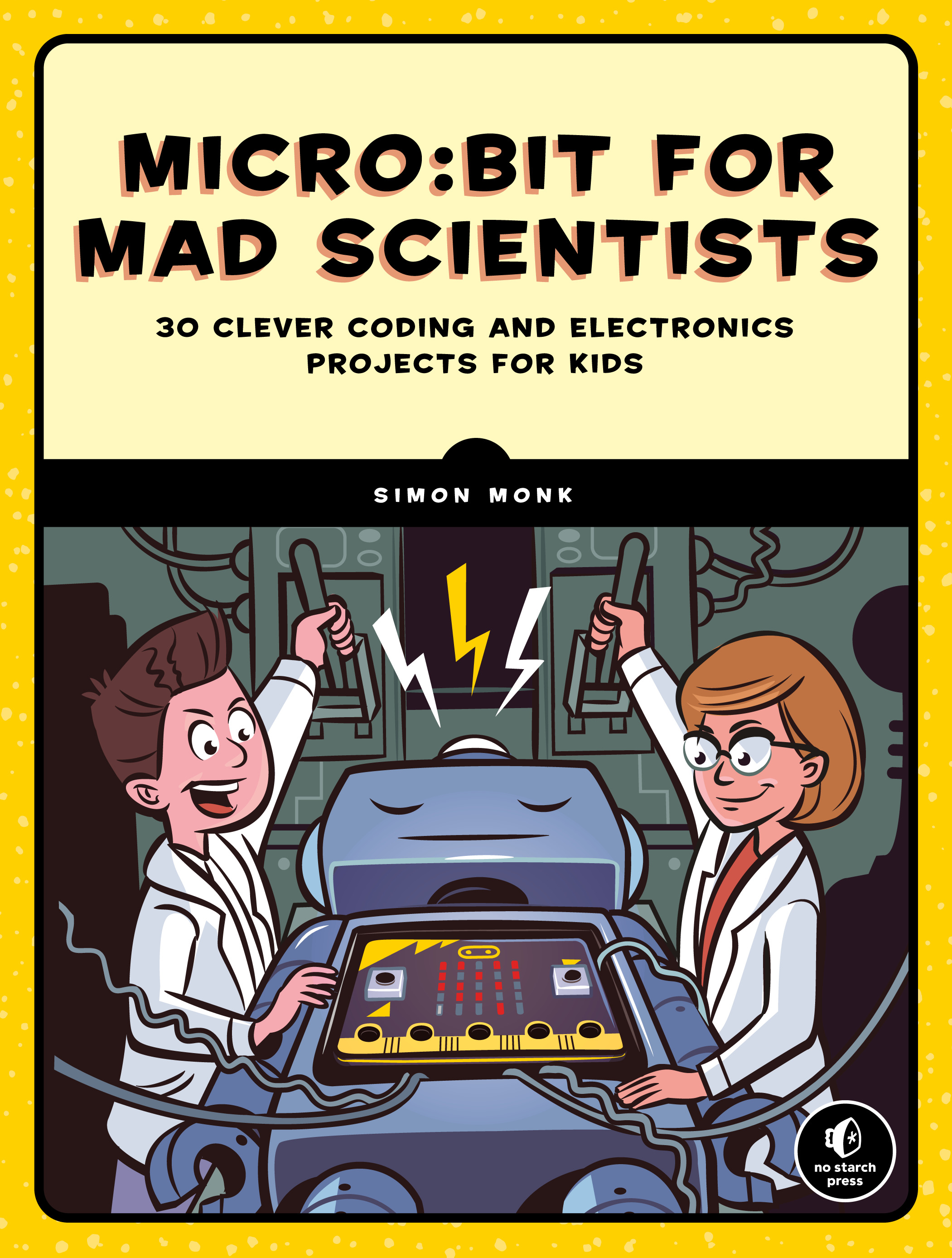
Micro Build your own secret laboratory with 30 coding and electronic projects! The BBC micro:bit is a tiny, cheap, yet surprisingly powerful computer that you can use to build cool things and experiment with code. The 30 simple projects and experiments in this book will show you how to use the micro:bit to build a secret science lab complete with robots, door alarms, lie detectors, and more--as you learn basic coding and electronics skills. Here are just some of the projects you'll build: • A "light guitar" you can play just by moving your fingers • A working lie detector • A self-watering plant care system • A two-wheeled robot • A talking robotic head with moving eyes • A door alarm made with magnets Learn to code like a Mad Scientist! TECHNOLOGY & ENGINEERING,Electronics,Microelectronics
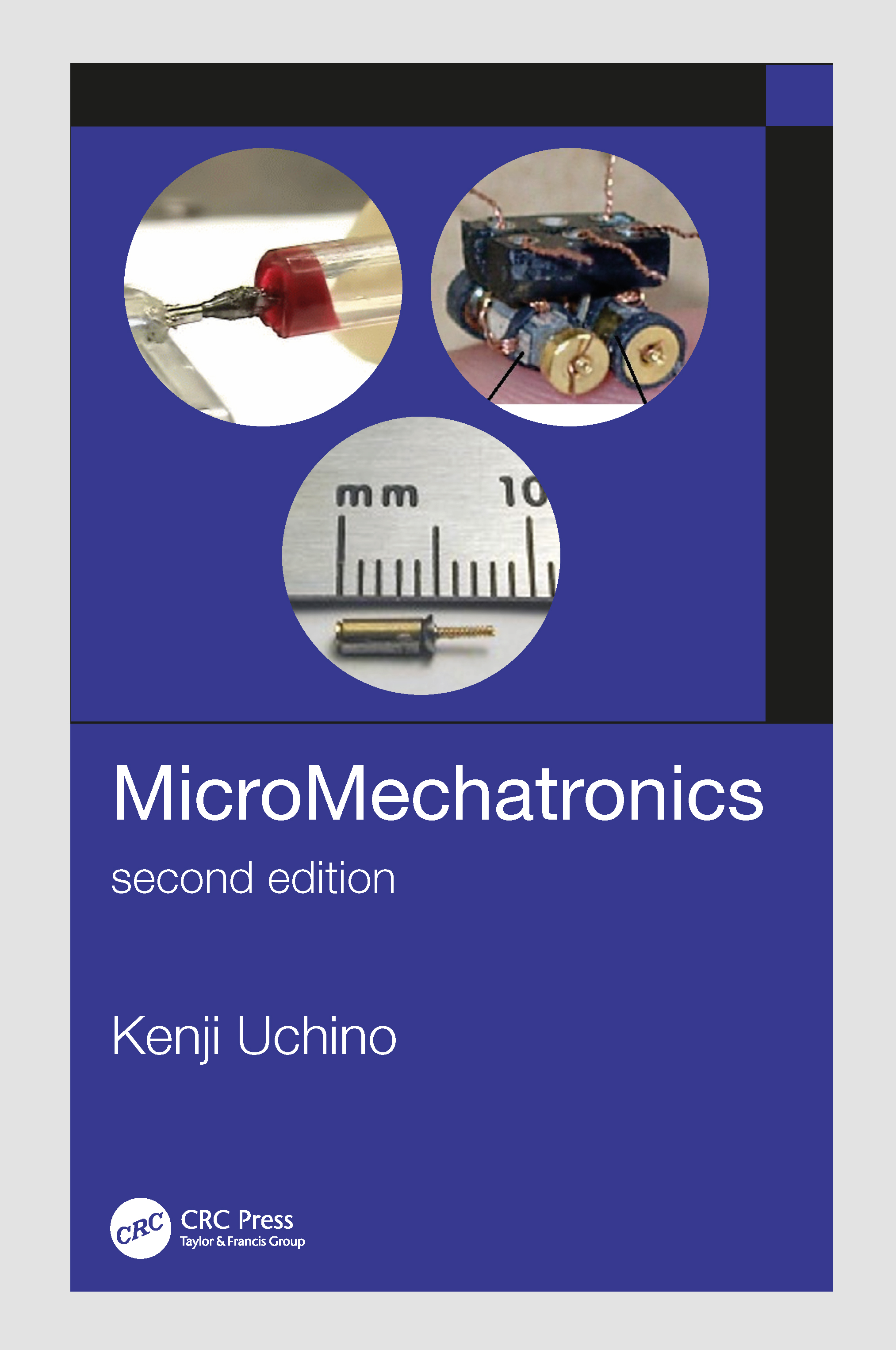
MicroMechatronics, Second Edition After Uchino’s introduction of a new terminology, ‘Micromechatronics’ in 1979 for describing the application area of ‘piezoelectric actuators’, the rapid advances in semiconductor chip technology have led to a new terminology MEMS(micro-electro-mechanical-system) or even NEMS (nano-electro-mechanicalsystem) to describe mainly thin film sensor/actuator devices, a narrower area of micromechatronics coverage. New technologies, product developments and commercialization are providing the necessity of this major revision. In particular, the progresses in high power transducers, loss mechanisms in smart materials, energy harvesting and computer simulations are significant. New technologies, product developments and commercialization are providingthe updating requirement for the book contents, in parallel to the deletion of oldcontents. Various educational/instructional example problems have been accumulated, which were integrated in the new edition in order to facilitate the self-learning for the students, and the quiz/problem creation for theinstructors. Heavily revised topics from the previous edition include: high power transducers, loss mechanisms in smartmaterials, energy harvesting and computer simulations New technologies, product developments and commercialization helped shape the updated contents of this book where all chapters have been updated and revised. This textbook is intended for graduate students and industrial engineers studying orworking in the fields of electronic materials, control system engineering, opticalcommunications, precision machinery, and robotics. The text is designed primarilyfor a graduate course with the equivalent of thirty 75-minute lectures; however, it isalso suitable for self-study by individuals wishing to extend their knowledge in thefield. TECHNOLOGY & ENGINEERING,Electronics,Microelectronics
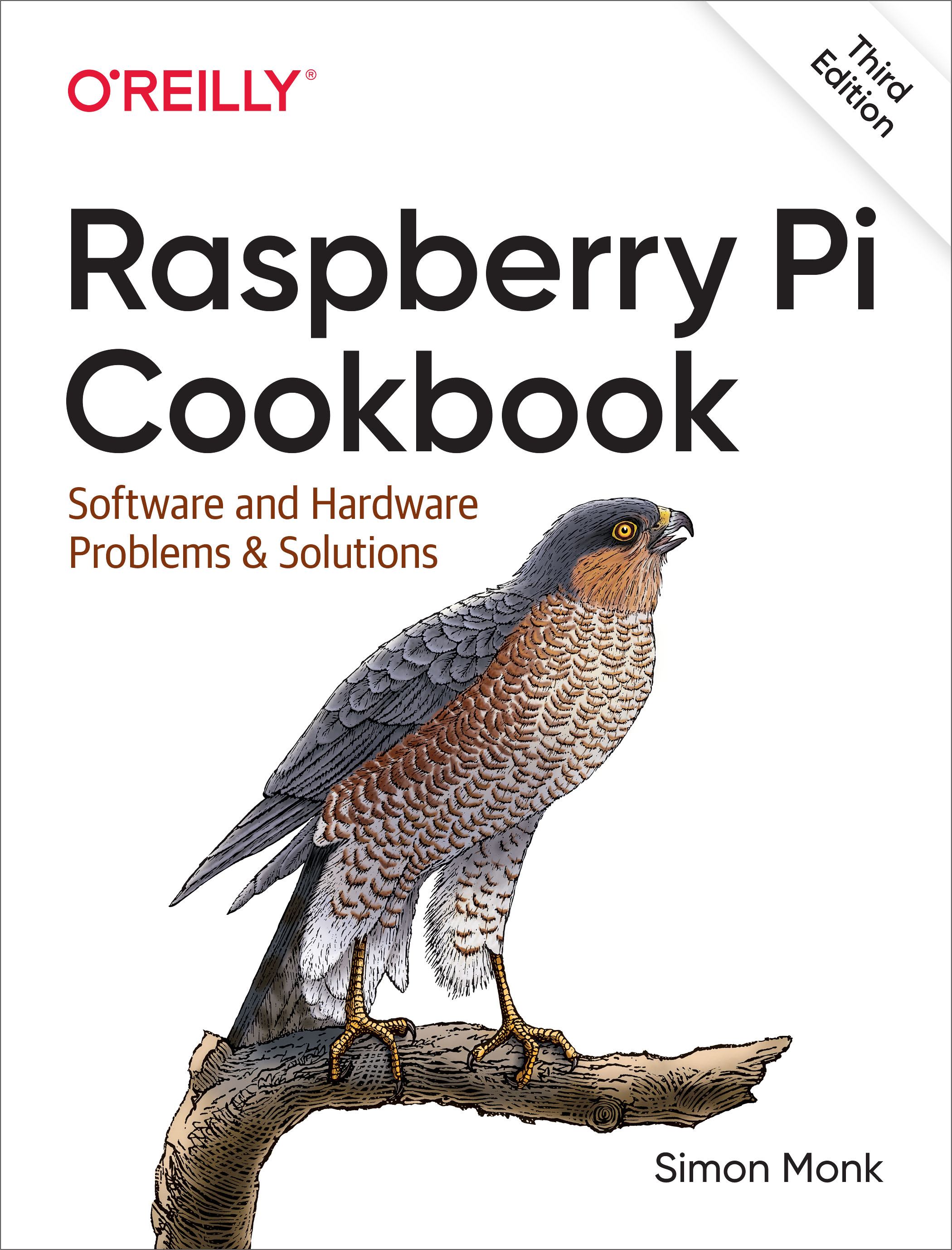
Raspberry Pi Cookbook With millions of new users and several new models, the Raspberry Pi ecosystem continues to expand—along with many new questions about the Pi’s capabilities. The third edition of this popular cookbook provides more than 200 hands-on recipes that show you how to run this tiny low-cost computer with Linux; program it with Python; hook it up to sensors, motors, and Arduino boards; and even use it with the internet of things (IoT). Prolific hacker and author Simon Monk also teaches basic principles to help you use new technologies with the Raspberry Pi. This cookbook is ideal for programmers and hobbyists familiar with the Pi through resources such as Getting Started with Raspberry Pi (O’Reilly). Code examples from the book are available on GitHub. Set up your Raspberry Pi and connect to a network Work with its Linux-based operating system Program your Raspberry Pi with Python Give your Pi "eyes" with computer vision Control hardware through the GPIO connector Use your Raspberry Pi to run different types of motors Work with switches, keypads, and other digital inputs Use sensors to measure temperature, light, and distance Connect to IoT devices in various ways and automate your home TECHNOLOGY & ENGINEERING,Electronics,Microelectronics
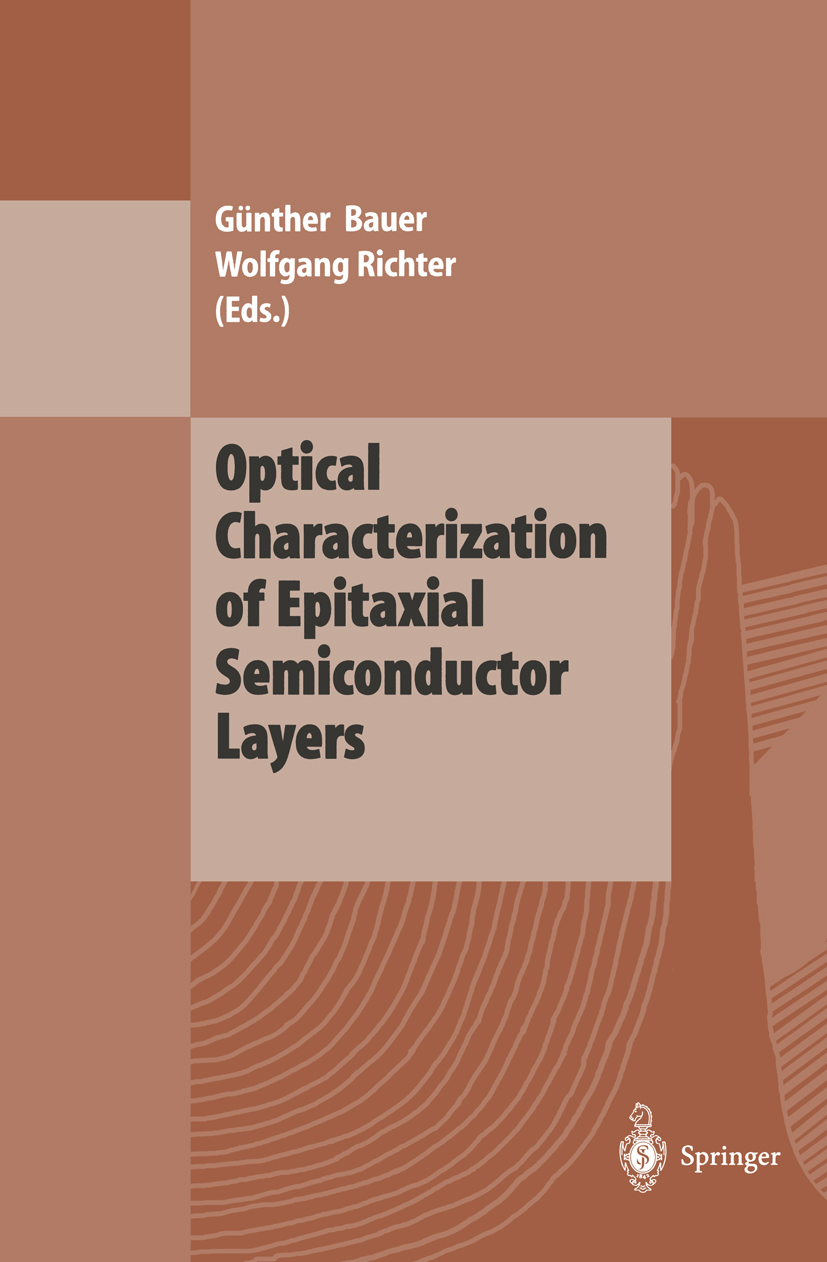
Optical Characterization of Epitaxial Semiconductor Layers The characterization of epitaxial layers and their surfaces has benefitted a lot from the enormous progress of optical analysis techniques during the last decade. In particular, the dramatic improvement of the structural quality of semiconductor epilayers and heterostructures results to a great deal from the level of sophistication achieved with such analysis techniques. First of all, optical techniques are nondestructive and their sensitivity has been improved to such an extent that nowadays the epilayer analysis can be performed on layers with thicknesses on the atomic scale. Furthermore, the spatial and temporal resolution have been pushed to such limits that real time observation of surface processes during epitaxial growth is possible with techniques like reflectance difference spectroscopy. Of course, optical spectroscopies complement techniques based on the inter action of electrons with matter, but whereas the latter usually require high or ultrahigh vacuum conditions, the former ones can be applied in different environments as well. This advantage could turn out extremely important for a rather technological point of view, i.e. for the surveillance of modern semiconductor processes. Despite the large potential of techniques based on the interaction of electromagnetic waves with surfaces and epilayers, optical techniques are apparently moving only slowly into this area of technology. One reason for this might be that some prejudices still exist regarding their sensitivity. TECHNOLOGY & ENGINEERING,Electronics,Semiconductors
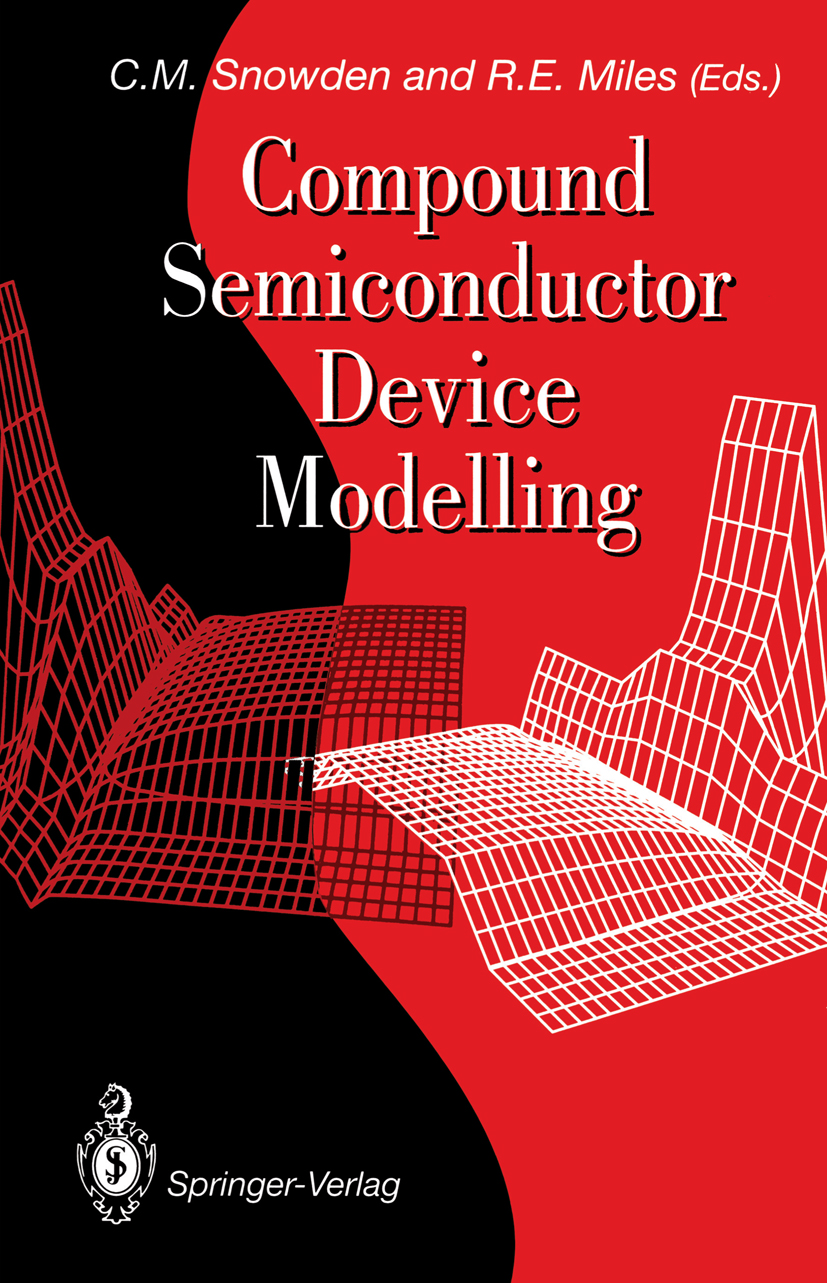
Compound Semiconductor Device Modelling Compound semiconductor devices form the foundation of solid-state microwave and optoelectronic technologies used in many modern communication systems. In common with their low frequency counterparts, these devices are often represented using equivalent circuit models, but it is often necessary to resort to physical models in order to gain insight into the detailed operation of compound semiconductor devices. Many of the earliest physical models were indeed developed to understand the 'unusual' phenomena which occur at high frequencies. Such was the case with the Gunn and IMPATI diodes, which led to an increased interest in using numerical simulation methods. Contemporary devices often have feature sizes so small that they no longer operate within the familiar traditional framework, and hot electron or even quantum mechanical models are required. The need for accurate and efficient models suitable for computer aided design has increased with the demand for a wider range of integrated devices for operation at microwave, millimetre and optical frequencies. The apparent complexity of equivalent circuit and physics-based models distinguishes high frequency devices from their low frequency counterparts . . Over the past twenty years a wide range of modelling techniques have emerged suitable for describing the operation of compound semiconductor devices. This book brings together for the first time the most popular techniques in everyday use by engineers and scientists. The book specifically addresses the requirements and techniques suitable for modelling GaAs, InP. ternary and quaternary semiconductor devices found in modern technology. TECHNOLOGY & ENGINEERING,Electronics,Semiconductors
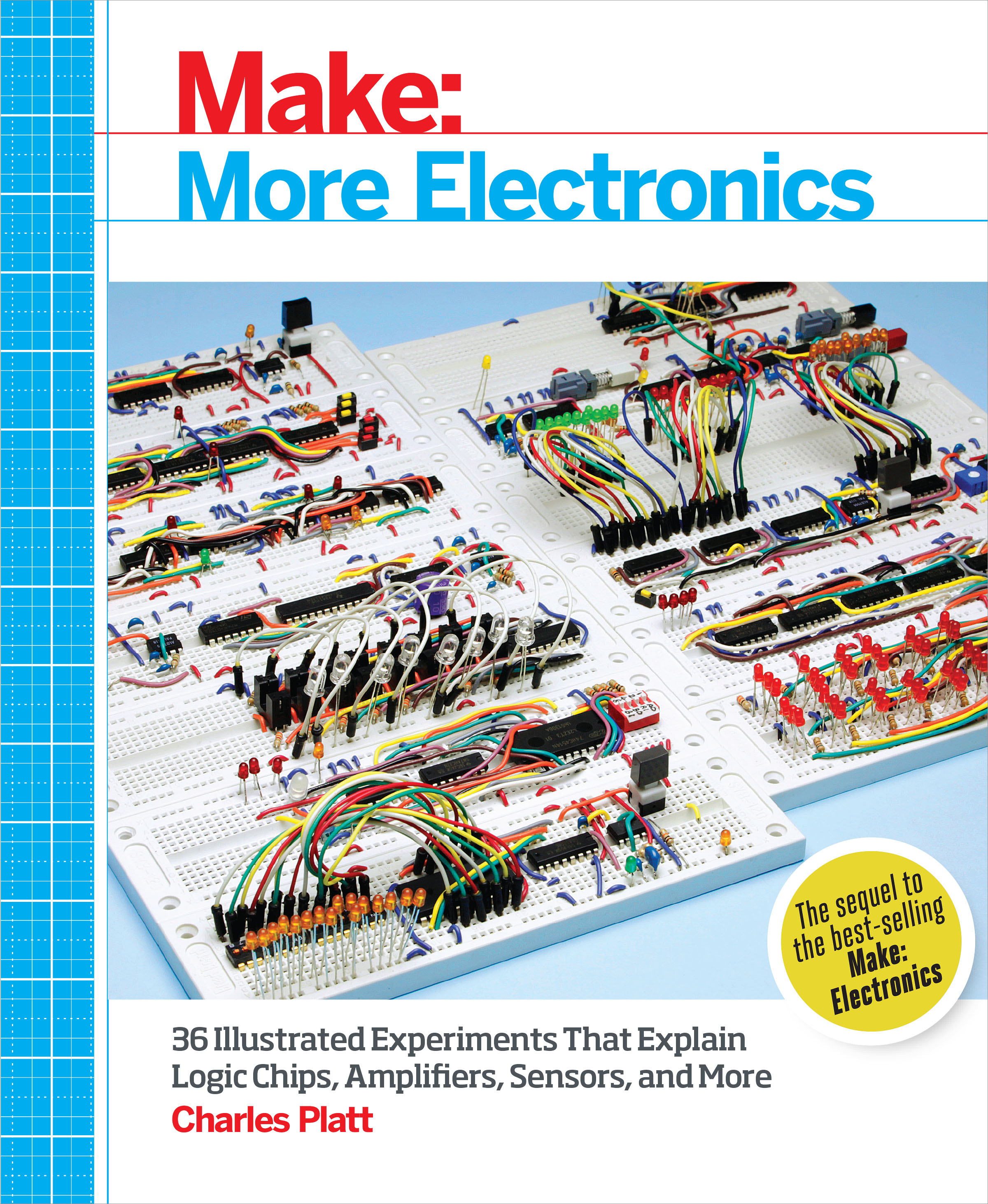
Make Want to learn even more about electronics in a fun, hands-on way? If you finished the projects in Make: Electronics, or if you're already familiar with the material in that book, you're ready for Make: More Electronics. Right away, you'll start working on real projects, and you'll explore all the key components and essential principles through the book's collection of experiments. You'll build the circuits first, then learn the theory behind them! This book picks up where Make: Electronics left off: you'll work with components like comparators, light sensors, higher-level logic chips, multiplexers, shift registers, encoders, decoders, and magnetic sensors. You'll also learn about topics like audio amplification, randomicity, as well as positive and negative feedback. With step-by-step instructions, and hundreds of color photographs and illustrations, this book will help you use -- and understand -- intermediate to advanced electronics concepts and techniques. TECHNOLOGY & ENGINEERING,Electronics,Semiconductors
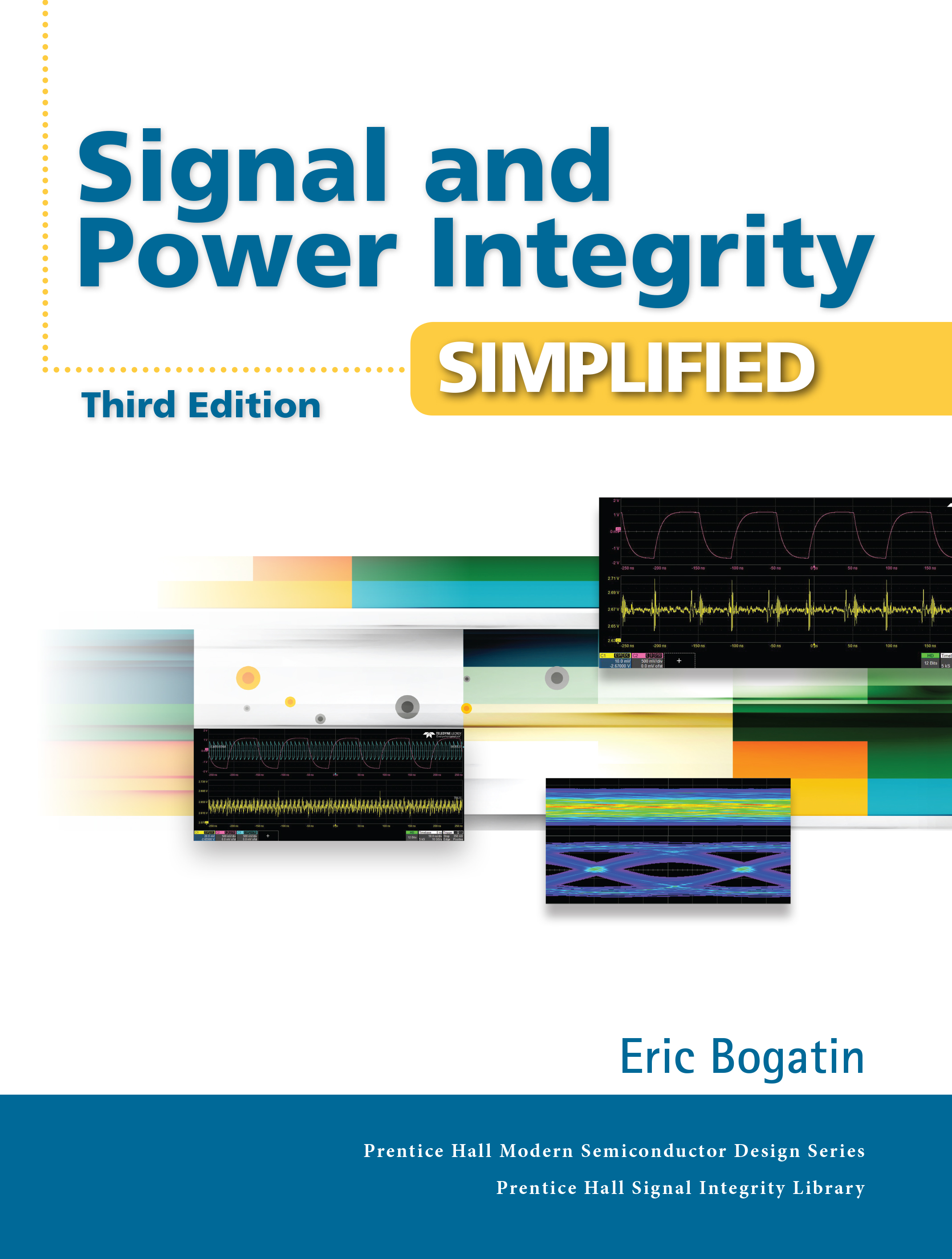
Signal and Power Integrity - Simplified The #1 Practical Guide to Signal Integrity Design—with Revised Content and New Questions and Problems! This book brings together up-to-the-minute techniques for finding, fixing, and avoiding signal integrity problems in your design. Drawing on his work teaching several thousand engineers and graduate students, world-renowned expert Eric Bogatin systematically presents the root causes of all six families of signal integrity, power integrity, and electromagnetic compatibility problems. Bogatin reviews essential principles needed to understand these problems, and shows how to use best design practices and techniques to prevent or address them early in the design cycle. To help test and reinforce your understanding, this new edition adds questions and problems throughout. Bogatin also presents more examples using free tools, plus new content on high-speed serial links, reflecting input from 130+ of his graduate students. • A fully up-to-date introduction to signal integrity and physical design • New questions and problems designed for both students and professional engineers • How design and technology selection can make or break power distribution network performance • Exploration of key concepts, such as plane impedance, spreading inductance, decoupling capacitors, and capacitor loop inductance • Practical techniques for analyzing resistance, capacitance, inductance, and impedance • Using QUCS to predict waveforms as voltage sources are affected by interconnect impedances • Identifying reflections and crosstalk with free animation tools • Solving signal integrity problems via rules of thumb, analytic approximation, numerical simulation, and measurement • Understanding how interconnect physical design impacts signal integrity • Managing differential pairs and losses • Harnessing the full power of S-parameters in high-speed serial link applications • Designing high-speed serial links associated with differential pairs and lossy lines—including new coverage of eye diagrams • Ensuring power integrity throughout the entire power distribution path • Realistic design guidelines for improving signal integrity, and much more For professionals and students at all levels of experience, this book emphasizes intuitive understanding, practical tools, and engineering discipline, rather than theoretical derivation or mathematical rigor. It has earned a well-deserved reputation as the #1 resource for getting signal integrity designs right—first time, every time. TECHNOLOGY & ENGINEERING,Electronics,Semiconductors
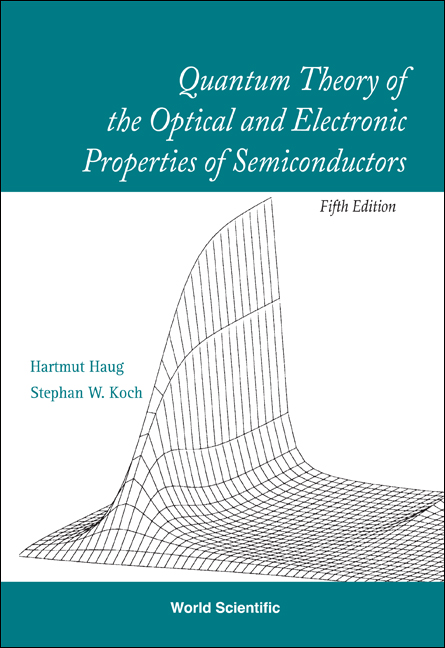
Quantum Theory Of The Optical And Electronic Properties Of Semiconductors (5th Edition) This invaluable textbook presents the basic elements needed to understand and research into semiconductor physics. It deals with elementary excitations in bulk and low-dimensional semiconductors, including quantum wells, quantum wires and quantum dots. The basic principles underlying optical nonlinearities are developed, including excitonic and many-body plasma effects. Fundamentals of optical bistability, semiconductor lasers, femtosecond excitation, the optical Stark effect, the semiconductor photon echo, magneto-optic effects, as well as bulk and quantum-confined Franz-Keldysh effects, are covered. The material is presented in sufficient detail for graduate students and researchers with a general background in quantum mechanics.This fifth edition includes an additional chapter on 'Quantum Optical Effects' where the theory of quantum optical effects in semiconductors is detailed. Besides deriving the 'semiconductor luminescence equations' and the expression for the stationary luminescence spectrum, results are presented to show the importance of Coulombic effects on the semiconductor luminescence and to elucidate the role of excitonic populations. TECHNOLOGY & ENGINEERING,Electronics,Semiconductors
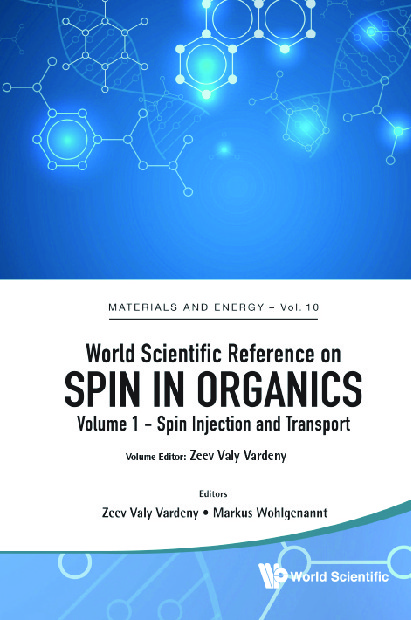
World Scientific Reference On Spin In Organics (In 4 Volumes) This reference work on Spin in Organics contains four volumes dedicated to spin injection, spin transport, spin pumping, organic magnetic field effect, and molecular spintronics. The field of Organic Spintronics has accelerated and matured in the last dozen years with the realization of an organic spin-valve (in 2004) and magneto-resistance and magneto-electroluminescence in organic optoelectronic devices (2006).The book series is comprehensive in that it summarizes all aspects of Organic Spintronics to date. The first two volumes deal with spin injection, spin transport, spin manipulation and spin pumping into organic semiconductors. The main device that is thoroughly discussed here is the organic spin-valve, where spinterface states at the interface between the organic semiconductor and the ferromagnetic (FM) electrode has been the focus of many chapters. An interesting emerging subject is the role of chirality in the organic layer of the device. A relatively new method of achieving spin aligned carriers in organic semiconductors is spin pumping, where magnons in the FM substrate generate spin aligned carriers in the organic layer at the FM/organic interface.The third volume deals mainly with magnetic field effect in organic devices. Several spin-mixture processes that lead to magnetic field effect in devices and films are thoroughly discussed, such as hyperfine interaction, direct spin-orbit coupling, indirect spin-orbit coupling via Δg, triplet-triplet annihilation, and thermal spin alignment. The similarity between the magnetic field effect obtained in optoelectronic devices based on organic semiconductors and the novel hybrid organic-inorganic semiconductors is also a subject of intense interest. The fourth volume deals with spin in molecular films and devices. It includes thorough discussion of spin exchange interaction that leads to organic ferromagnets, as well as manifestation of various spin interactions in thin molecular films and devices. TECHNOLOGY & ENGINEERING,Electronics,Semiconductors
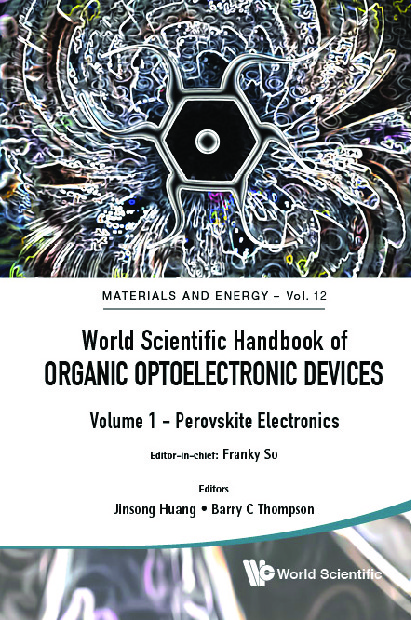
World Scientific Handbook Of Organic Optoelectronic Devices (Volumes 1 & 2) Organic (opto)electronic materials have received considerable attention due to their applications in perovskite and flexible electronics, OPVs and OLEDs and many others. Reflecting the rapid growth in research and development of organic (opto)electronic materials over the last few decades, this book provides a comprehensive coverage of the state of the art in an accessible format. It presents the most widely recognized fundamentals, principles, and mechanisms along with representative examples, key experimental data, and over 200 illustrative figures. TECHNOLOGY & ENGINEERING,Electronics,Semiconductors
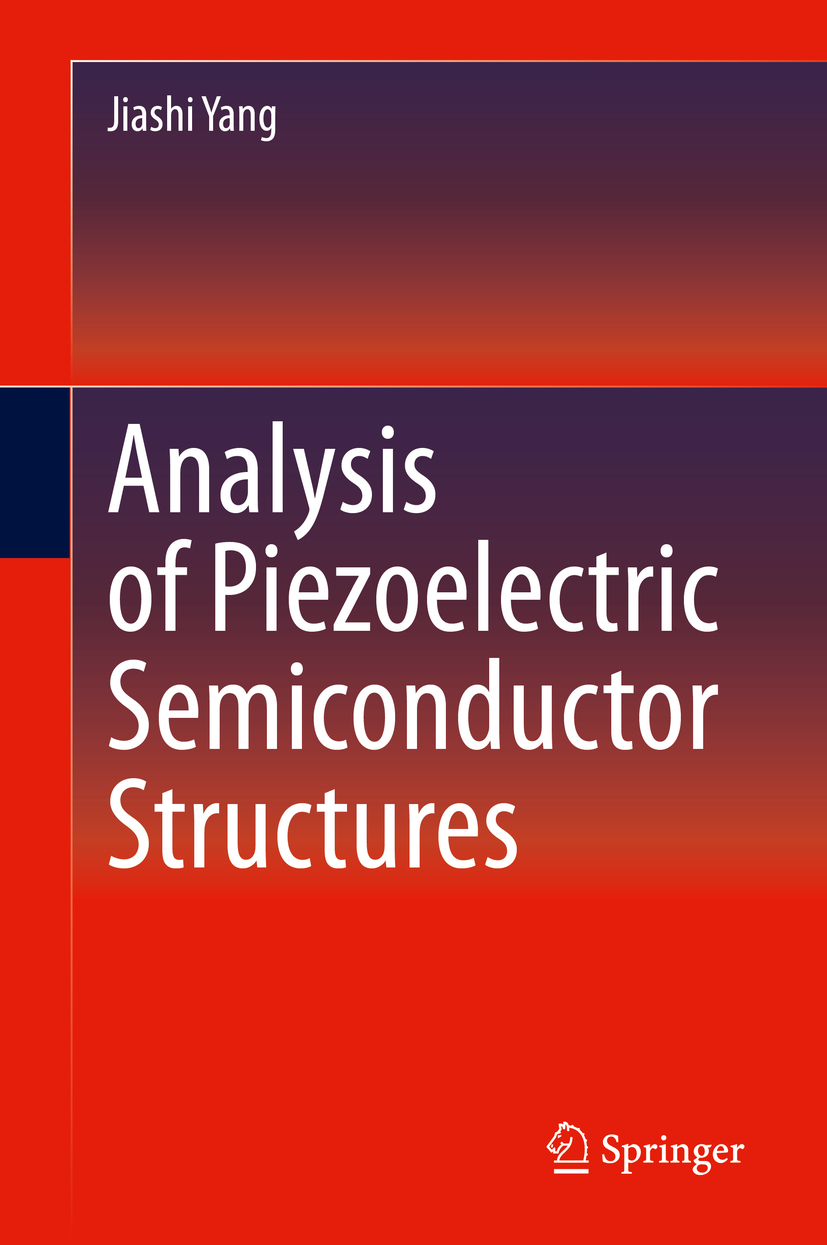
Analysis of Piezoelectric Semiconductor Structures This book presents the mechanics of piezoelectric semiconductor structures where the main electromechanical coupling of interest is the interaction between mechanical fields and semiconduction. This volume stands as the first full book treatment of this multi-physical subject from the mechanics angle. The analysis of piezoelectric semiconductor structures and devices is an emerging and rapidly growing interdisciplinary area involving materials, electronics, and solid mechanics. It has direct applications in the new area of piezotronics and piezo-phototronics. The book is theoretical, beginning with a phenomenological framework and progressing to include solutions to problems fundamental to the theory and application. Dr. Yang illustrates how in piezoelectric semiconductors, mechanical fields interact with semiconduction through the piezoelectrically produced electric fields by mechanical loads. This provides the foundation of piezotronic and piezo-phototronic devices in which semiconduction is induced, affected, manipulated, or controlled by mechanical fields. Also discussing composite structures of piezoelectric dielectrics and nonpiezoelectric semiconductors as well as thermal effects, the book is an ideal basic reference on the topic for researchers. TECHNOLOGY & ENGINEERING,Electronics,Semiconductors

The Long Arm of Moore's Law How, beginning in the mid 1960s, the US semiconductor industry helped shape changes in American science, including a new orientation to the short-term and the commercial. Since the mid 1960s, American science has undergone significant changes in the way it is organized, funded, and practiced. These changes include the decline of basic research by corporations; a new orientation toward the short-term and the commercial, with pressure on universities and government labs to participate in the market; and the promotion of interdisciplinarity. In this book, Cyrus Mody argues that the changes in American science that began in the 1960s co-evolved with and were shaped by the needs of the “civilianized” US semiconductor industry. In 1965, Gordon Moore declared that the most profitable number of circuit components that can be crammed on a single silicon chip doubles every year. Mody views “Moore's Law” less as prediction than as self-fulfilling prophecy, pointing to the enormous investments of capital, people, and institutions the semiconductor industry required—the “long arm” of Moore's Law that helped shape all of science. Mody offers a series of case studies in microelectronics that illustrate the reach of Moore's Law. He describes the pressures on Stanford University's electrical engineers during the Vietnam era, IBM's exploration of alternatives to semiconductor technology, the emergence of consortia to integrate research across disciplines and universities, and the interwoven development of the the molecular electronics community and associated academic institutions as the vision of a molecular computer informed the restructuring of research programs. TECHNOLOGY & ENGINEERING,Electronics,Semiconductors
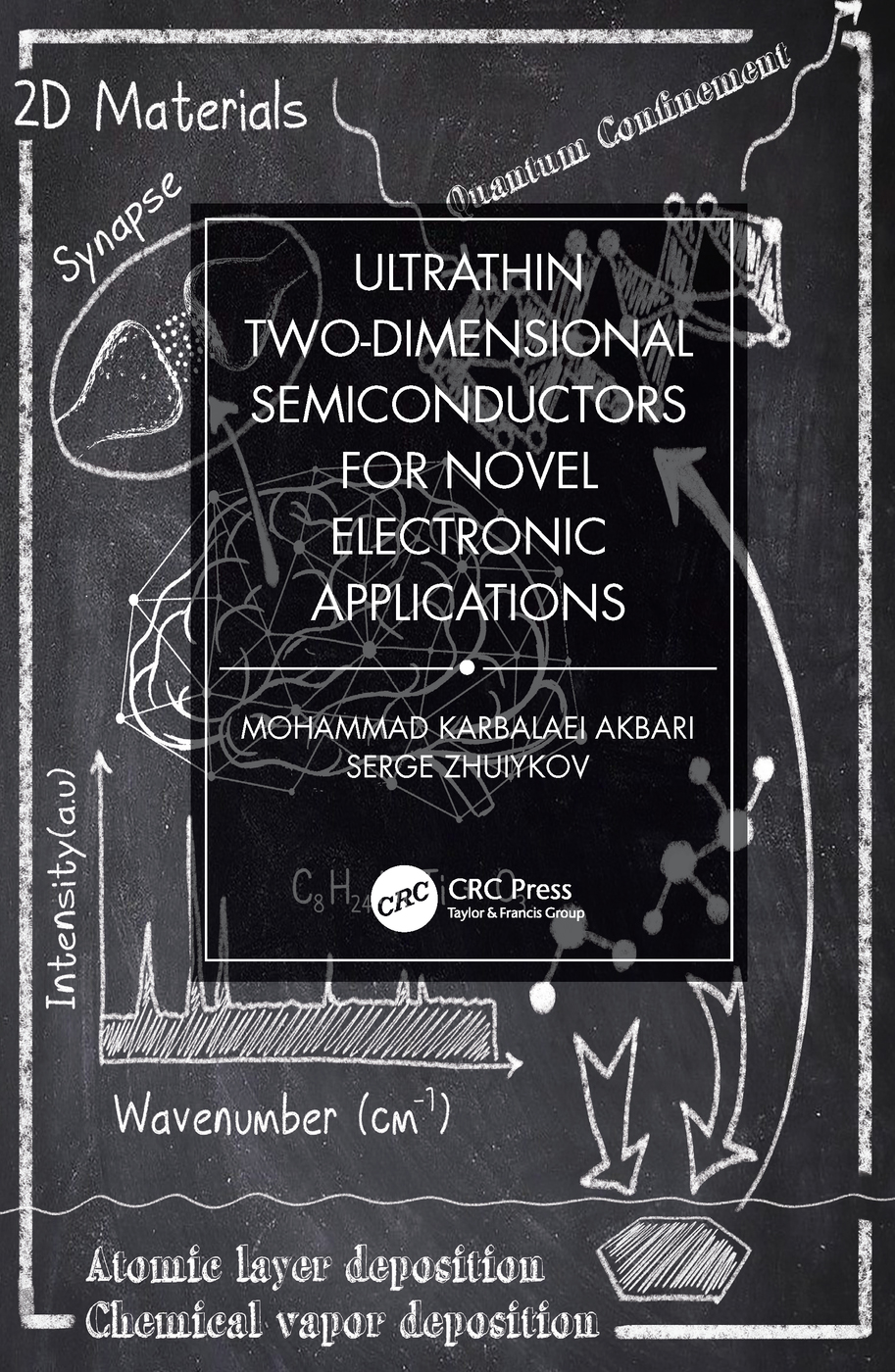
Ultrathin Two-Dimensional Semiconductors for Novel Electronic Applications Offering perspective on both the scientific and engineering aspects of 2D semiconductors, Ultrathin Two-Dimensional Semiconductors for Novel Electronic Applications discusses how to successfully engineer 2D materials for practical applications. It also covers several novel topics regarding 2D semiconductors which have not yet been discussed in any other publications. Features: Provides comprehensive information and data about wafer-scale deposition of 2D semiconductors, ranging from scientific discussions up to the planning of experiments and reliability testing of the fabricated samples Precisely discusses wafer-scale ALD and CVD of 2D semiconductors and investigates various aspects of deposition techniques Covers the new group of 2D materials synthesized from surface oxide of liquid metals and also explains the device fabrication and post-treatment of these 2D nanostructures Addresses a wide range of scientific and practical applications of 2D semiconductors and electronic and optoelectronic devices based on these nanostructures Offers novel coverage of 2D heterostructures and heterointerfaces and provides practical information about fabrication and application of these heterostructures Introduces the latest advancement in fabrication of novel memristors, artificial synapses and sensorimotor devices based on 2D semiconductors This work offers practical information valuable for engineering applications that will appeal to researchers, academics, and scientists working with and interested in developing an array of semiconductor electronic devices. TECHNOLOGY & ENGINEERING,Electronics,Semiconductors
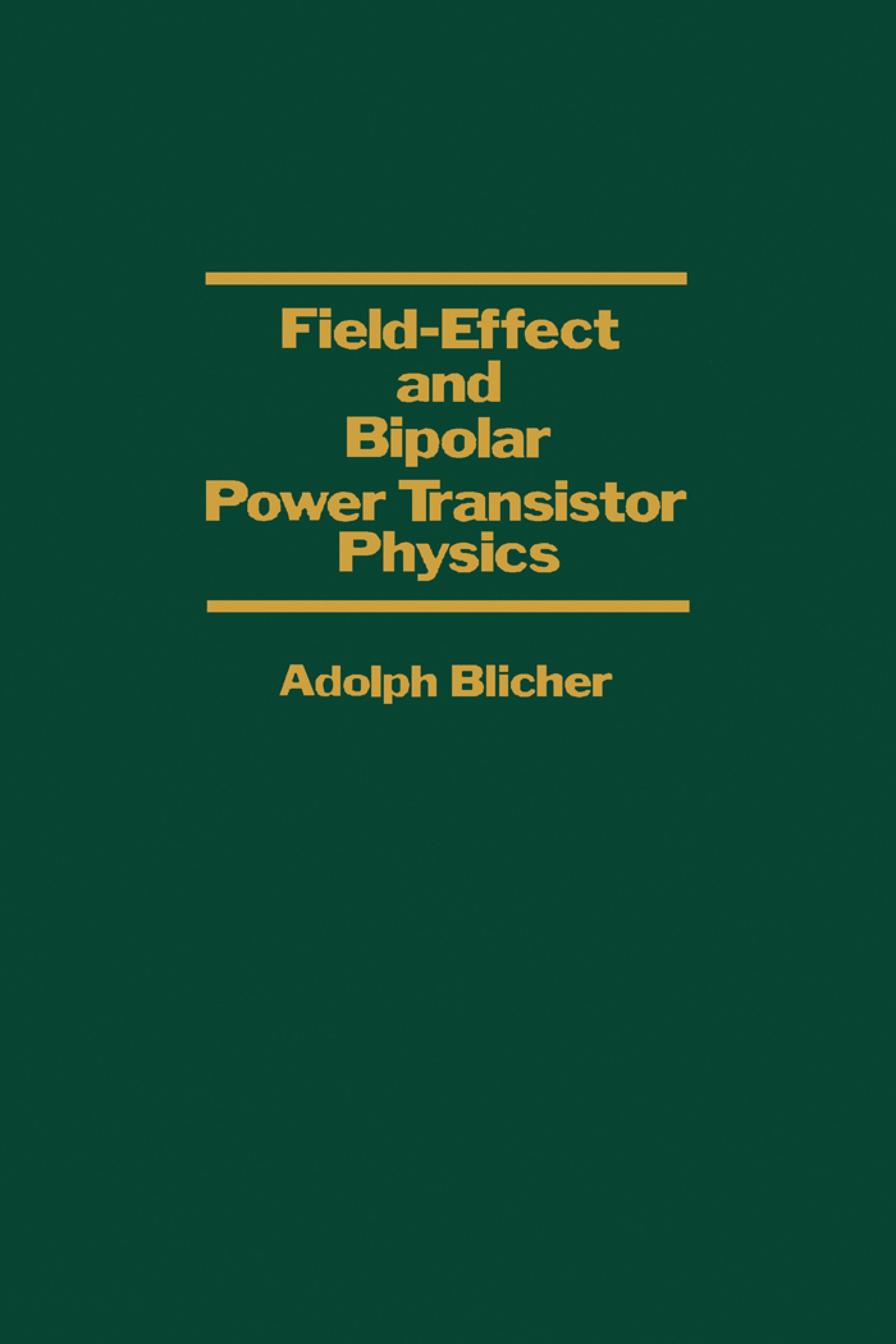
Field-Effect and Bipolar Power Transistor Physics Field-Effect and Bipolar Power Transistor Physics introduces the physics of operation of power transistors. It deals with bipolar devices as well as field-effect power transistors. The book provides an up-to-date account of the progress made in power transistor design. This volume consists of three parts. Part I examines general considerations and reviews semiconductor surface theory as a background to understanding surface phenomena. It also discusses the effect of high carrier concentration on the semiconductor properties. Part II deals with bipolar transistors and the basic structures of power transistors. Part III discusses junction field-effect and surface field-effect transistors. This book is written for electrical engineers who design power transistor circuits, device physicists and designers, and university students. The reader should have some familiarity with small signal transistor physics as the presentation is at the senior undergraduate or first-year graduate level. TECHNOLOGY & ENGINEERING,Electronics,Transistors
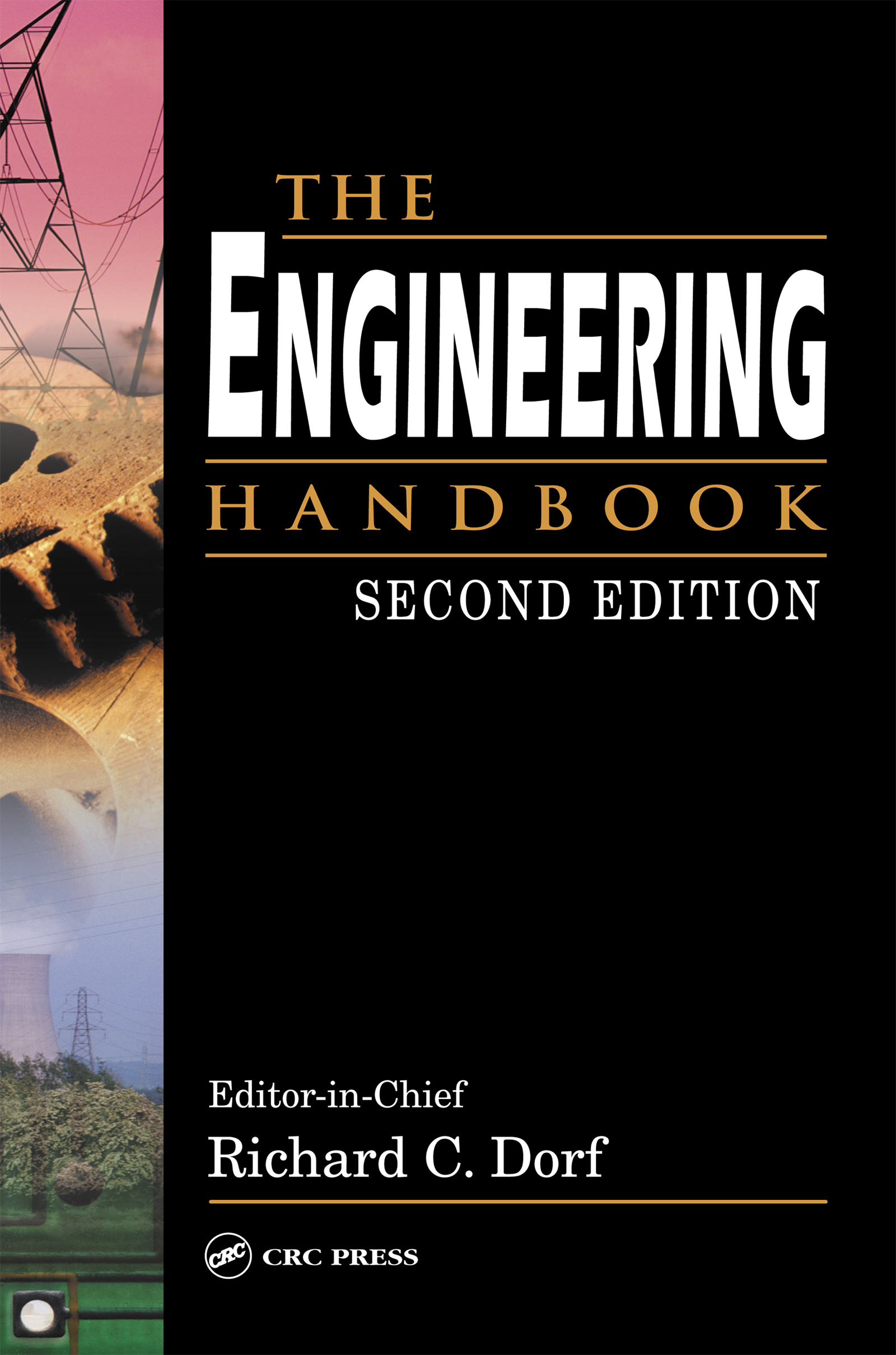
The Engineering Handbook First published in 1995, The Engineering Handbook quickly became the definitive engineering reference. Although it remains a bestseller, the many advances realized in traditional engineering fields along with the emergence and rapid growth of fields such as biomedical engineering, computer engineering, and nanotechnology mean that the time has come to bring this standard-setting reference up to date. New in the Second Edition 19 completely new chapters addressing important topics in bioinstrumentation, control systems, nanotechnology, image and signal processing, electronics, environmental systems, structural systems 131 chapters fully revised and updated Expanded lists of engineering associations and societies The Engineering Handbook, Second Edition is designed to enlighten experts in areas outside their own specialties, to refresh the knowledge of mature practitioners, and to educate engineering novices. Whether you work in industry, government, or academia, this is simply the best, most useful engineering reference you can have in your personal, office, or institutional library. TECHNOLOGY & ENGINEERING,Engineering (General)
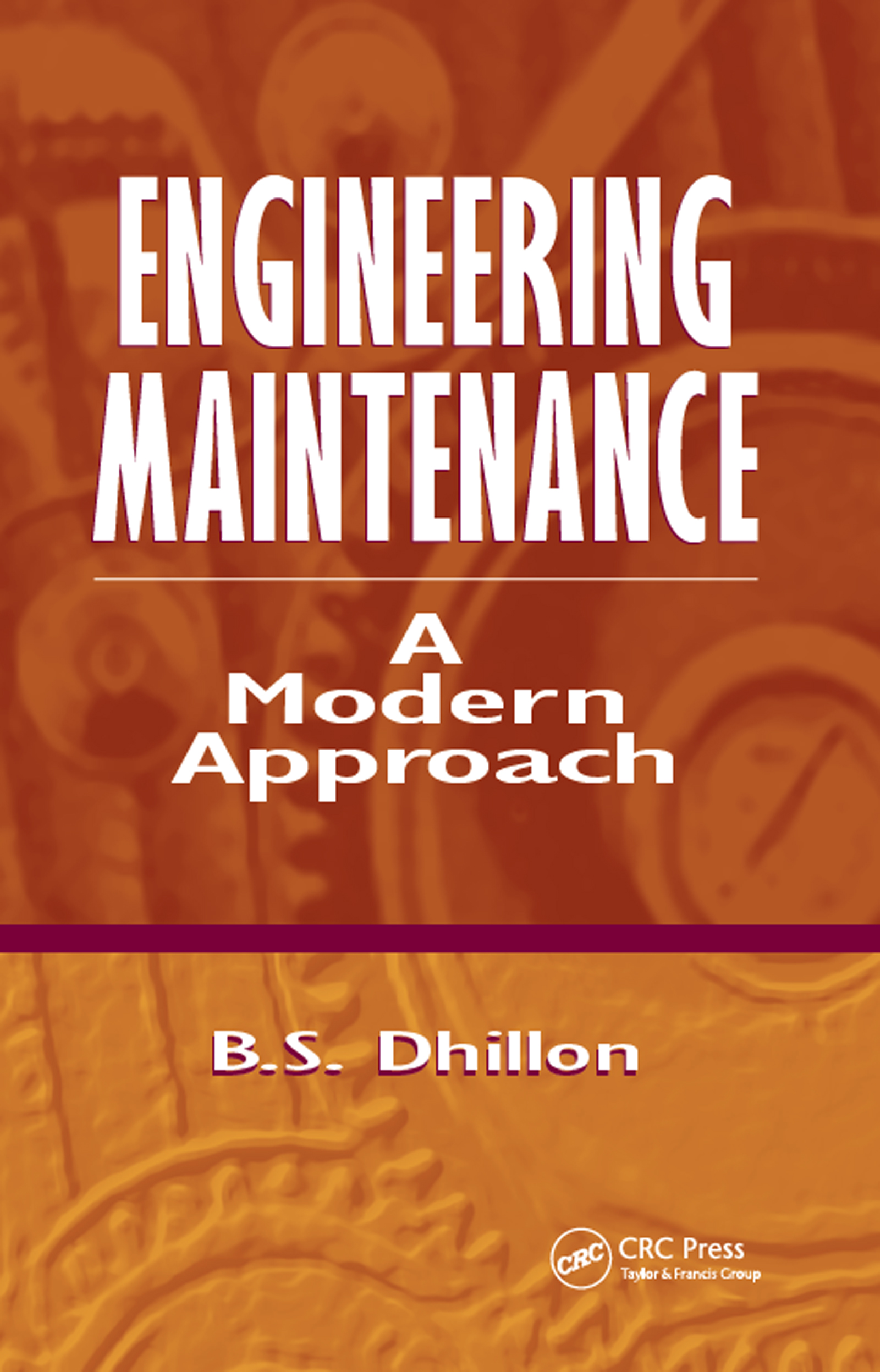
Engineering Maintenance Of the more than $300 billion spent on plant maintenance and operations, U.S. industry spends as much as 80 percent of this amount to correct chronic failures of machines, systems, and people. With machines and systems becoming increasingly complex, this problem can only worsen, and there is a clear and pressing need to establish comprehensive equi TECHNOLOGY & ENGINEERING,Engineering (General)

Risk and Crisis Communications The go-to guide for learning what to say and how to say it In this climate of near constant streams of media messages, organizations need to know how to effectively communicate risks to their audiences and what to say when a crisis strikes. Risk and Crisis Communications: Methods and Messages is designed to help organizations understand the essential components of communicating about risks during a crisis, and it carves out a role for safety health and environmental (SH&E) professionals in the process. Covering common theoretical concepts and explaining the positions of noted experts in the field such as Peter Sandman and Vincent Covello, the book provides a fundamental understanding of the process behind crafting effective messages for a variety of different situations and explains the consequences of saying the wrong thing to an emotional audience. Incorporating numerous case studies—including the BP Deepwater Horizon Oil Spill and the 2010 H1N1 pandemic—it shows how messages can change the way an audience perceives an event and how they react to it, clearly demonstrating how ineffective messages can create untold difficulties for an organization's public image. Savvy SH&E professionals know that their role in helping to craft risk and crisis messages as well as assisting in the execution of risk communication plans provides a critical path to becoming more valuable members of their organizations. Risk and Crisis Communications: Methods and Messages provides invaluable assistance in helping SH&E professionals add value to their organization. TECHNOLOGY & ENGINEERING,Engineering (General)
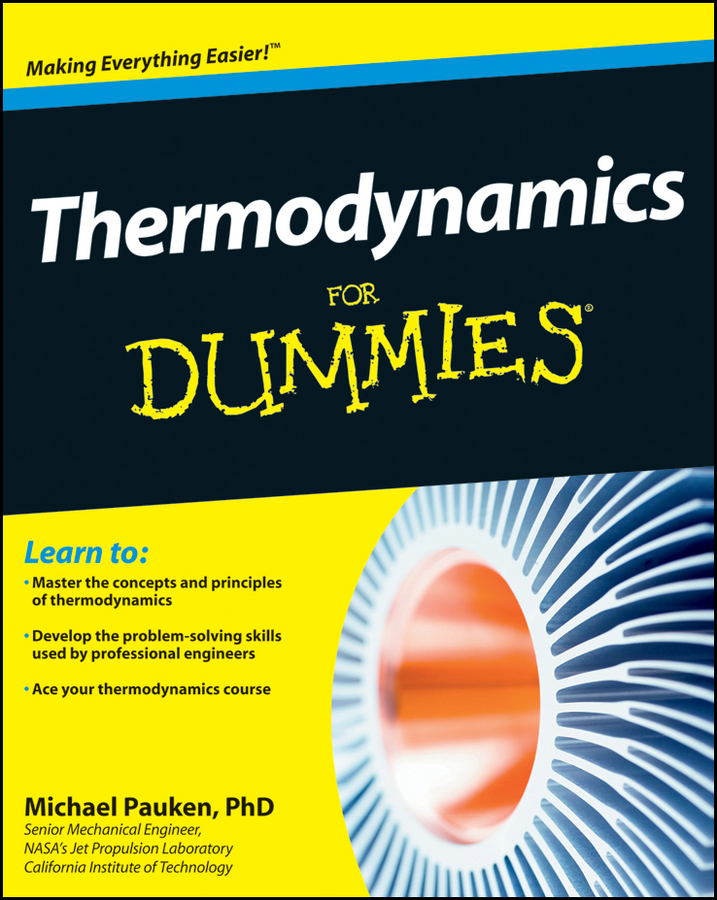
Thermodynamics For Dummies Take some heat off the complexity of thermodynamics Does the mere thought of thermodynamics make you sweat? It doesn't have to! This hands-on guide helps you score your highest in a thermodynamics course by offering easily understood, plain-English explanations of how energy is used in things like automobiles, airplanes, air conditioners, and electric power plants. Thermodynamics 101 — take a look at some examples of both natural and man-made thermodynamic systems and get a handle on how energy can be used to perform work Turn up the heat — discover how to use the first and second laws of thermodynamics to determine (and improve upon) the efficiency of machines Oh, behave — get the 411 on how gases behave and relate to one another in different situations, from ideal-gas laws to real gases Burn with desire — find out everything you need to know about conserving mass and energy in combustion processes Open the book and find: The laws of thermodynamics Important properties and their relationships The lowdown on solids, liquids, and gases How work and heat go handin hand The cycles that power thermodynamic processes Chemical mixtures and reactions Ten pioneers in thermodynamics Real-world applications of thermodynamic laws and concepts Learn to: Master the concepts and principles of thermodynamics Develop the problem-solving skills used by professional engineers Ace your thermodynamics course TECHNOLOGY & ENGINEERING,Engineering (General)

Optics For Dummies The easy way to shed light on Optics In general terms, optics is the science of light. More specifically, optics is a branch of physics that describes the behavior and properties of light?including visible, infrared, and ultraviolet?and the interaction of light with matter. Optics For Dummies gives you an approachable introduction to optical science, methods, and applications. You'll get plain-English explanations of the nature of light and optical effects; reflection, refraction, and diffraction; color dispersion; optical devices, industrial, medical, and military applications; as well as laser light fundamentals. Tracks a typical undergraduate optics course Detailed explanations of concepts and summaries of equations Valuable tips for study from college professors If you're taking an optics course for your major in physics or engineering, let Optics For Dummies shed light on the subject and help you succeed! TECHNOLOGY & ENGINEERING,Engineering (General)
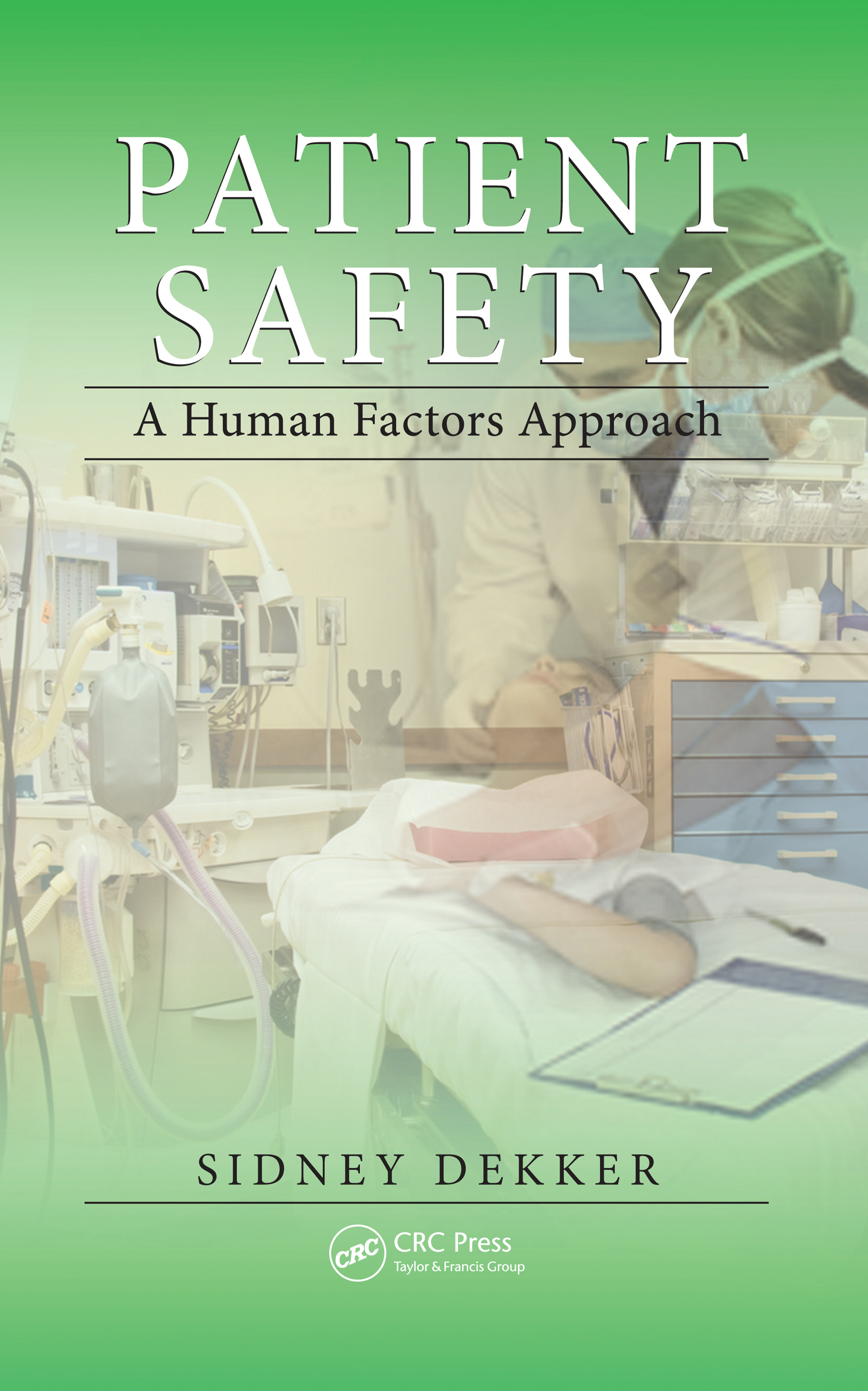
Patient Safety Increased concern for patient safety has put the issue at the top of the agenda of practitioners, hospitals, and even governments. The risks to patients are many and diverse, and the complexity of the healthcare system that delivers them is huge. Yet the discourse is often oversimplified and underdeveloped. Written from a scientific, human factors TECHNOLOGY & ENGINEERING,Engineering (General)
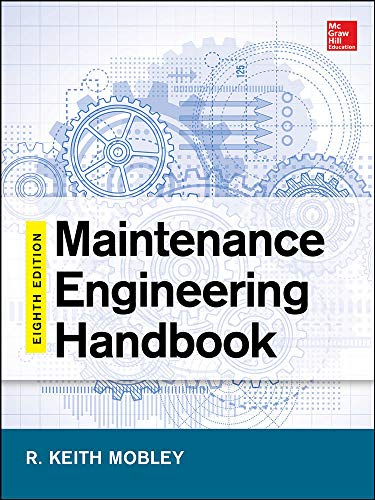
Maintenance Engineering Handbook, Eighth Edition The Most Complete, Current Guide to Every Aspect of Maintenance EngineeringExtensively updated to cover the latest technologies and methods, Maintenance Engineering Handbook, Eighth Edition offers in-depth details on identifying and repairing faulty equipment. This definitive resource focuses on proven best practices for maintenance, repair, and overhaul (MRO), inventory management, root-cause analysis, and performance management. This thoroughly revised edition contains new chapters on: Reliability-based maintenance Preventive maintenance Sustaining maintenance Ultrasonics Operating dynamics Simplified failure modes and effects analysis Criticality analysis Process and value-stream mapping Featuring contributions from noted experts in the field, this authoritative reference will help you to successfully reduce excessive downtime and high maintenance costs by detecting and mitigating repetitive failures. Comprehensive coverage of: Organization and management of the maintenance function * Best practices for maintenance and predictive maintenance * Engineering and analysis tools * Maintenance of mechanical, electrical, and facilities equipment TECHNOLOGY & ENGINEERING,Engineering (General)

Boundary Element Analysis of Nonhomogeneous Biharmonic Phenomena At the date of this writing, there is no question that the boundary element method has emerged as one of the major revolutions on the engineering science of computational mechanics. The emergence of the technique from relative obscurity to a cutting edge engineering analysis tool in the short space of basically a ten to fifteen year time span is unparalleled since the advent of the finite element method. At the recent international conference BEM XI, well over one hundred papers were presented and many were pub lished in three hard-bound volumes. The exponential increase in interest in the subject is comparable to that shown in the early days of finite elements. The diversity of appli cations of BEM, the broad base of interested parties, and the ever-increasing presence of the computer as an engineering tool are probably the reasons for the upsurge in pop ularity of BEM among researchers and industrial practitioners. Only in the past few years has the BEM audience become large enough that we have seen the development of specialty books on specific applications of the boundary element method. The present text is one such book. In this work, we have attempted to present a self-contained treatment of the analysis of physical phenomena governed by equations containing biharmonic operators. The biharmonic operator defines a very important class of fourth-order PDE problems which includes deflections of beams and thin plates, and creeping flow of viscous fluids. TECHNOLOGY & ENGINEERING,Engineering (General)
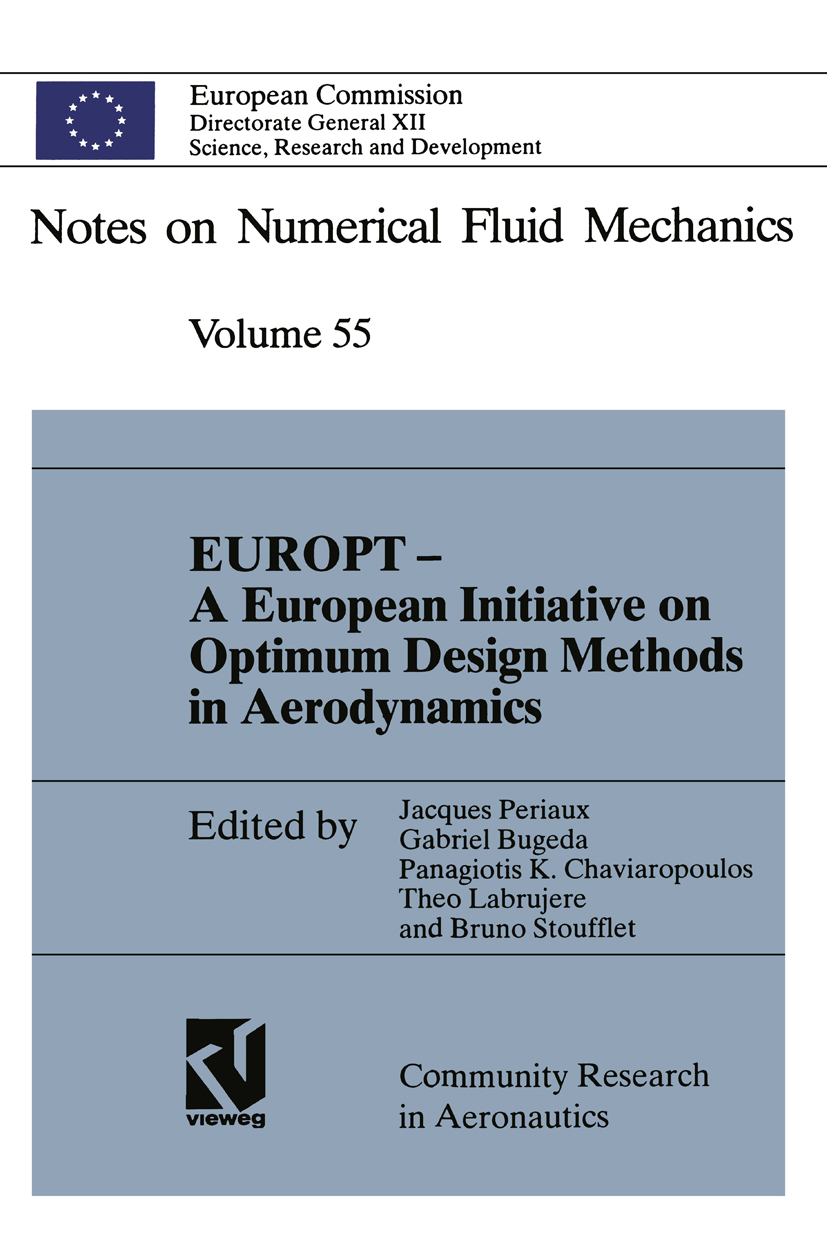
EUROPT — A European Initiative on Optimum Design Methods in Aerodynamics This volume entitled "EUROPT - A European Initiative on Optimum Design in Aerodynamics" contains the results of the contributors during a workshop which took place in Barcelona in June 1992. This workshop was organized in the framp work of the Brite/Euram Aeronautics project "Optimum Design in Aerodynamics" (AERO-89-0026). The project brought together nine European partners from Acade my and Industry with big experience in numerical optimization techniques applif'd to automated optimum design. The manuscript is directed to the optimization field and its goal is to provide the reader with useful numerical optimization techniques for optimum design in aerody namIcs. The field of numerical optimization techniques has been growing since the early 50's. But only recently, with the recent advent of powerful computers. it has yielded real-life applications that demonstrate industrial potential for design purposes. Nowadays, optimization is at the stage where those scientists and engineers who have worked in the field are to be paid to apply numerical optimization to automated design of real problems, namely aerodynamic shapes in Aerospace Engineering. For the above reasons, it was evident that a Workshop on numerical optimization techniques for the validation of optimum design methods would be of interest to most of the partners involved in the AERO-S9-0026 project in order to compare in terms of accuracy and efficiency several optimization soft wares performed on the same selected flow problems. TECHNOLOGY & ENGINEERING,Engineering (General)

Essential Wavelets for Statistical Applications and Data Analysis I once heard the book by Meyer (1993) described as a "vulgarization" of wavelets. While this is true in one sense of the word, that of making a sub ject popular (Meyer's book is one of the early works written with the non specialist in mind), the implication seems to be that such an attempt some how cheapens or coarsens the subject. I have to disagree that popularity goes hand-in-hand with debasement. is certainly a beautiful theory underlying wavelet analysis, there is While there plenty of beauty left over for the applications of wavelet methods. This book is also written for the non-specialist, and therefore its main thrust is toward wavelet applications. Enough theory is given to help the reader gain a basic understanding of how wavelets work in practice, but much of the theory can be presented using only a basic level of mathematics. Only one theorem is for mally stated in this book, with only one proof. And these are only included to introduce some key concepts in a natural way. TECHNOLOGY & ENGINEERING,Engineering (General)
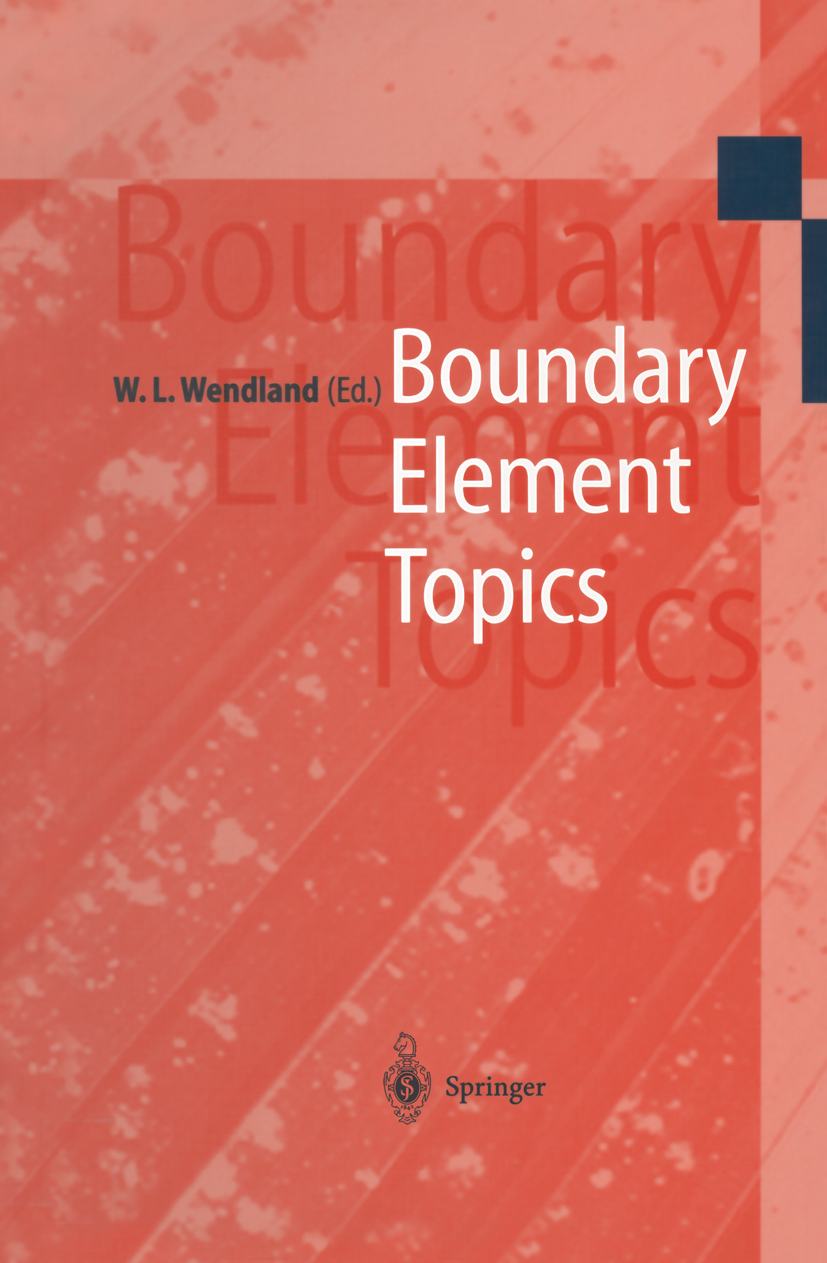
Boundary Element Topics The so-called boundary element methods BEM, i.e. finite element approxima tions of boundary integral equations have been improved recently even more vividly then ever before and found some remarkable support by the German Research Foundation DFG in the just finished Priority Research Program "boundary element methods" . When this program began, we could start from several already existing particular activities which then during the six years initiated many new re sults and decisive new developments in theory and algorithms. The program was started due to encouragement by E. Stein, when most of the later par ticipants met in Stuttgart at a Boundary Element Conference 1987. Then W. Hackbusch, G. Kuhn, S. Wagner and W. Wendland were entrusted with writing the proposal which was 1988 presented at the German Research Foun dation and started in 1989 with 14 projects at 11 different universities. After German unification, the program was heavily extended by six more projects, four of which located in Eastern Germany. When we started, we were longing for the following goals: 1. Mathematicians and engineers should do joint research. 2. Methods and computational algorithms should be streamlined with re spect to the new computer architectures of vector and parallel computers. 3. The asymptotic error analysis of boundary element methods should be further developed. 4. Non-linear material laws should be taken care of by boundary element methods for crack-mechanics. 5. The coupling of finite boundary elements should be improved. TECHNOLOGY & ENGINEERING,Engineering (General)

Fractals in Engineering Fractal analysis research is expanding into a variety of engineering domains. The strong potential of this work is now beginning to be seen in important applications in real industrial situations. Recent research progress has already led to new developments in domains such as signal processing and chemical engineering, and the major advances in fractal theory that underlie such developments are detailed here. New domains of applications are also presented, among them environmental science and rough surface analysis. Sections include multifractal analysis, iterated function systems, random processes, network traffic analysis, fractals and waves, image compression, and applications in physics. Fractals in Engineering emphasizes the connection between fractal analysis research and applications to industry. It is an important volume that illustrates the scientific and industrial value of this exciting field. TECHNOLOGY & ENGINEERING,Engineering (General)
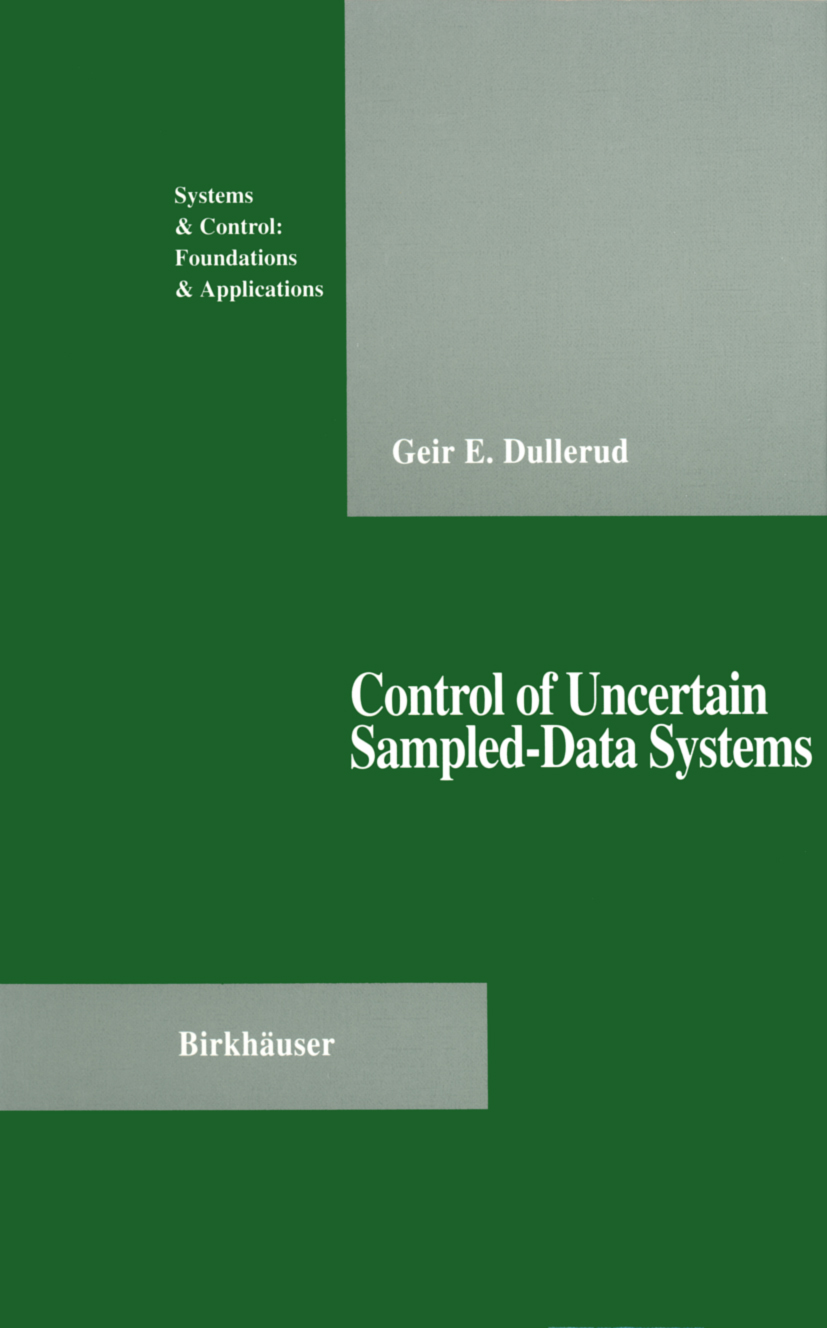
Control of Uncertain Sampled-Data Systems My main goal in writing this monograph is to provide a detailed treatment of uncertainty analysis for sampled-data systems in the context of sys tems control theory. Here, sampled-data system refers to the hybrid sys tem formed when continuous time and discrete time systems are intercon nected; by uncertainty analysis I mean achievable performance in the pres ence of worst -case uncertainty and disturbances. The focus of the book is sampled-data systems; however the approach presented is applicable to both standard and sampled-data systems. The past few years has seen a large surge in research activity centered around creating systematic methods for sampled-data design. The aim of this activity has been to deepen and broaden the, by now, sophisticated viewpoint developed for design of purely continuous time or discrete time systems (e.g. J{oo or -I!l optimal synthesis, J1 theory) so that it can be ap plied to the design of sampled-data systems. This research effort has been largely successful, producing both interesting new mathematical tools for control theory, and new methodologies for practical engineering design. Analysis of structured uncertainty is an important objective in control design, because it is a flexible and non-conservative way of analyzing sys tem performance, which is suitable in many engineering design scenarios. TECHNOLOGY & ENGINEERING,Engineering (General)

Fractals in Petroleum Geology and Earth Processes In this unique volume, renowned experts discuss the applications of fractals in petroleum research-offering an excellent introduction to the subject. Contributions cover a broad spectrum of applications from petroleum exploration to production. Papers also illustrate how fractal geometry can quantify the spatial heterogeneity of different aspects of geology and how this information can be used to improve exploration and production results. TECHNOLOGY & ENGINEERING,Engineering (General)
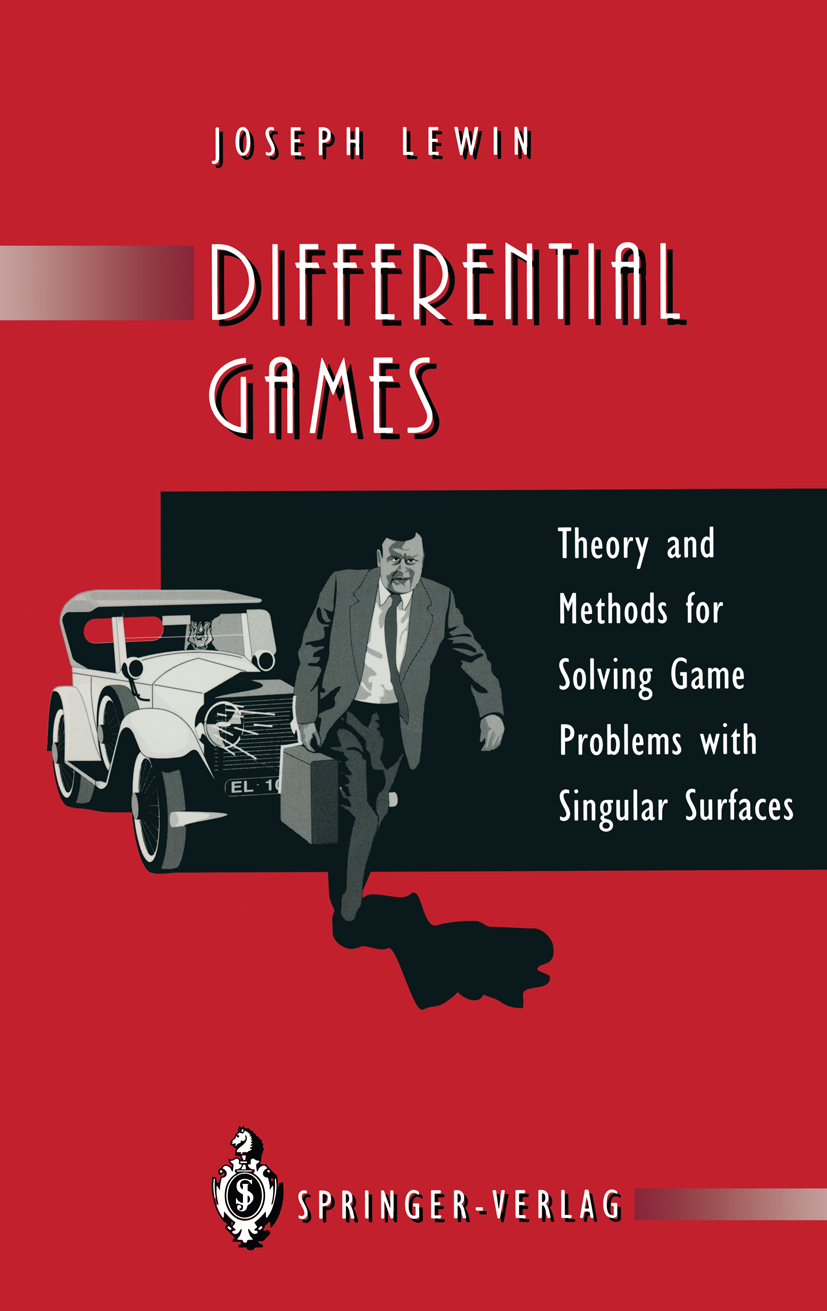
Differential Games Differential games theory is the most appropriate discipline for the modelling and analysis of real life conflict problems.The theory of differential games is here treated with an emphasis on the construction of solutions to actual problems with singular surfaces. The reader is provided with the knowledge necessary to put the theory of differential games into practice. TECHNOLOGY & ENGINEERING,Engineering (General)
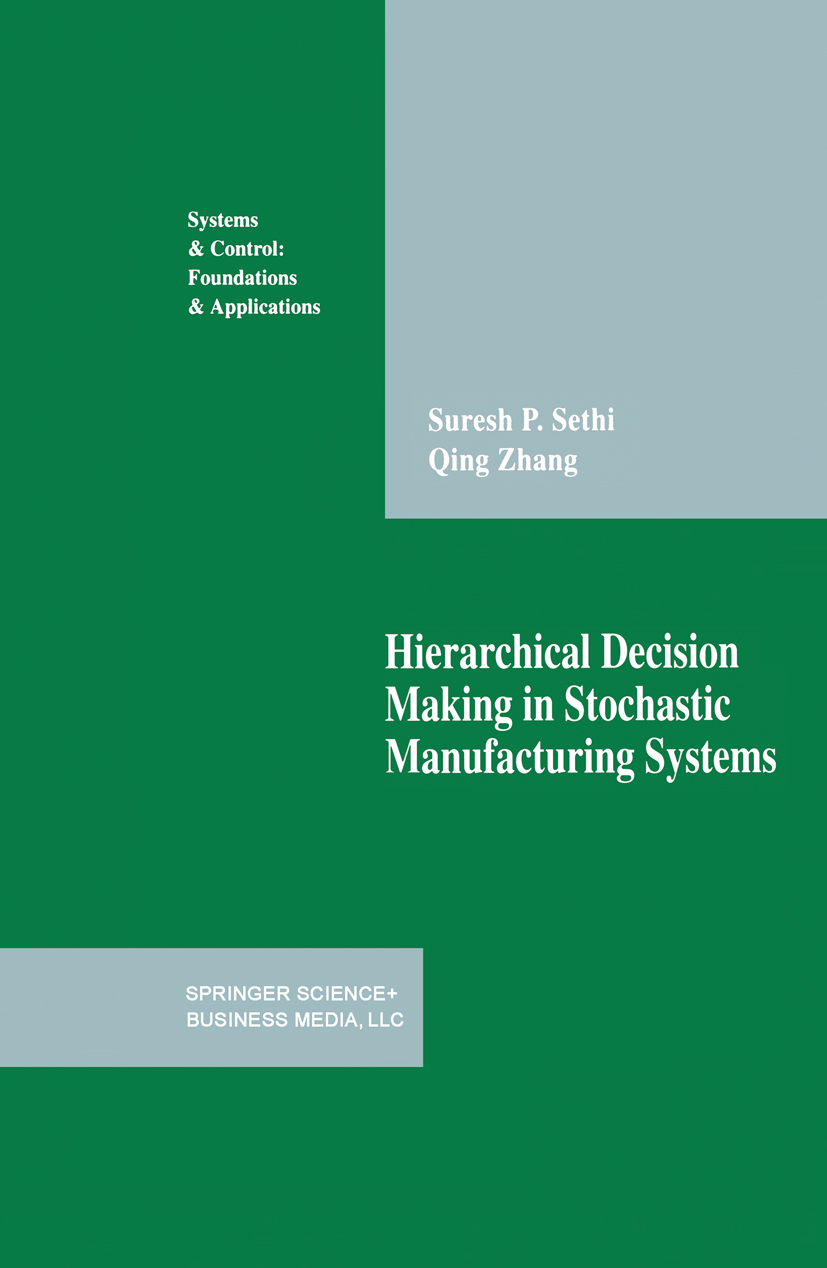
Hierarchical Decision Making in Stochastic Manufacturing Systems One of the most important methods in dealing with the optimization of large, complex systems is that of hierarchical decomposition. The idea is to reduce the overall complex problem into manageable approximate problems or subproblems, to solve these problems, and to construct a solution of the original problem from the solutions of these simpler prob lems. Development of such approaches for large complex systems has been identified as a particularly fruitful area by the Committee on the Next Decade in Operations Research (1988) [42] as well as by the Panel on Future Directions in Control Theory (1988) [65]. Most manufacturing firms are complex systems characterized by sev eral decision subsystems, such as finance, personnel, marketing, and op erations. They may have several plants and warehouses and a wide variety of machines and equipment devoted to producing a large number of different products. Moreover, they are subject to deterministic as well as stochastic discrete events, such as purchasing new equipment, hiring and layoff of personnel, and machine setups, failures, and repairs. TECHNOLOGY & ENGINEERING,Engineering (General)

Computational Methods in Solid Mechanics Summary This bookis an introdU(;tion to the three numerical methodsmost commonly used for the mechanical analysisof deformable solids, namely: • the finite element method(FEM), a particularcaseofGalerkin's method, for the spatial discretisationofsolids; • the linear iteration method(LIM), a generalizationofNewton's method, for solving geometricandmaterial nonlinearities; • the finite difference method (FDM), in fact Newmark's method, for the temporal discretisation oftheproblem. The main reason for this selection is the degree of generality reached by the computerprograms basedon the combinationofthese methods. The originalityofthepresentation lies in the comparable emphasisputon the spatial, temporal and nonlinear dimensions of problem solving. For each dimension, there corresponds one method whose basic principle is exposed. It is then shown how they can be combined in a compact and flexible fonn. Thisjoint investigationofthe three methods leads to a particularly neat global algorithm. It is with this double objectiveof simplicity and unity in mind that this book has been designed. An outline of the book follows. A one-dimensional bar model problem, including all the ingredients necessary for acompletepresentationofthe addressed methods, isdefined in Chapter1. Emphasis is placedon the virtual work principle as an alternative to the.differentialequation ofmotion. Chapters 2, 3 and 4 present the three numerical methods: FEM, LIM and FDM, respectively. Although the presentation relies on a one-dimensional model problem, the fonnalism used is general and directly extendible to two- and three-dimensional situations. The compact combination of the three methods is discussed in detail in Chapter 5, which also contains several sections concerning their computer implementation. TECHNOLOGY & ENGINEERING,Engineering (General)
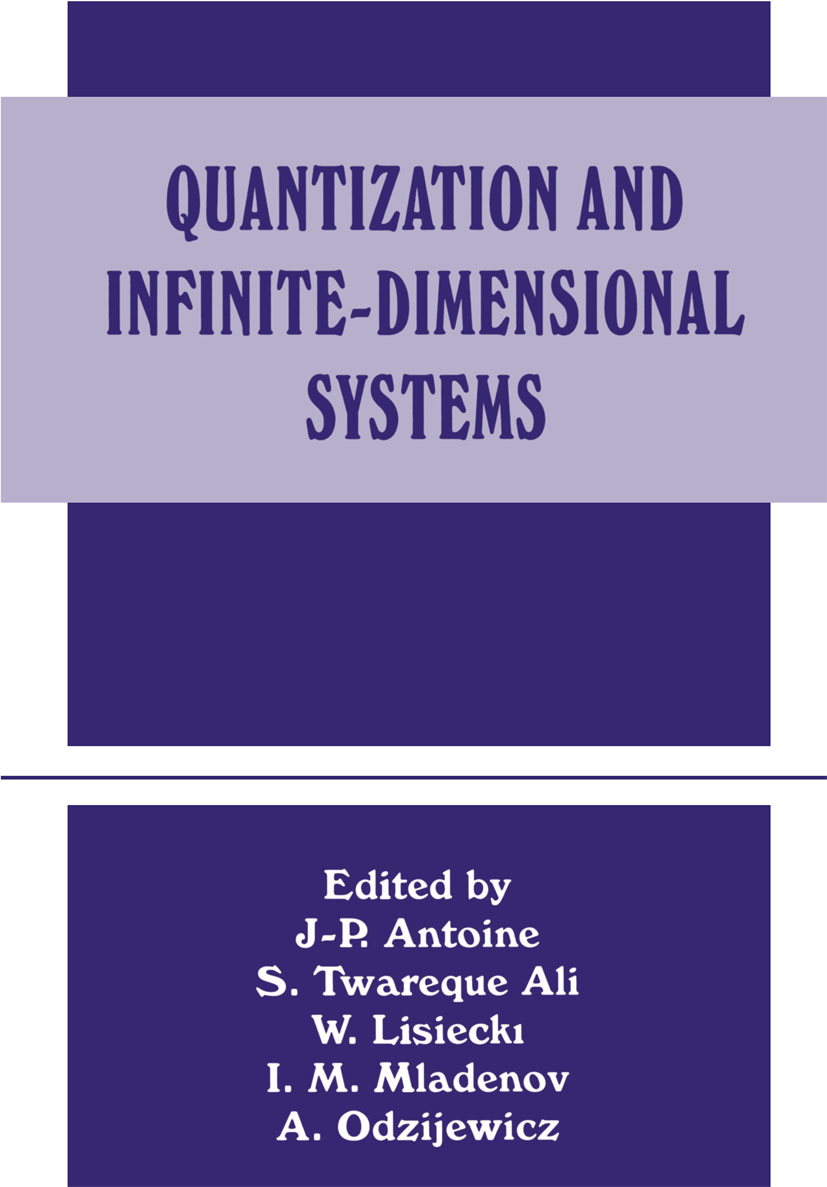
Quantization and Infinite-Dimensional Systems As all participants know by now, the Bialowieza Summer Workshop has acquired a life of its own. The charming venue of the meetings, the informal atmosphere, the enthusiasm of the participants and the intensity of the scientific interaction have all conspired to make these meetings wonderful learning experiences. The XIIth Workshop (held from July 1 - 7, 1993) was once again a topical meeting within the general area of Differential Geometric Methods in Physics, focusing specifically on Quantization and Infinite-dimensional Systems. Altogether, about fifty participants attended the workshop. As before, the aim of the workshop was to have a small number of in-depth lectures on the main theme and a somewhat larger number of short presentations on related areas, while leaving enough free time for private discussions and exchange of ideas. Topics treated in the workshop included field theory, geometric quantization and symplectic geometry, coherent states methods, holomorphic representation theory, Poisson structures, non-commutative geometry, supersymmetry and quantum groups. The editors have the pleasant task of first thanking all the local organizers, in particular Dr. K. Gilewicz, for their painstaking efforts in ensuring the smooth running of the meeting and for organizing a delightful array of social events. Secondly, they would like to record their indebtedness to all the people who have contributed to this volume and to the redoubtable Ms. Cindy Parkinson without whose patient typesetting and editing skills the volume could hardly have seen the light of the day. TECHNOLOGY & ENGINEERING,Engineering (General)
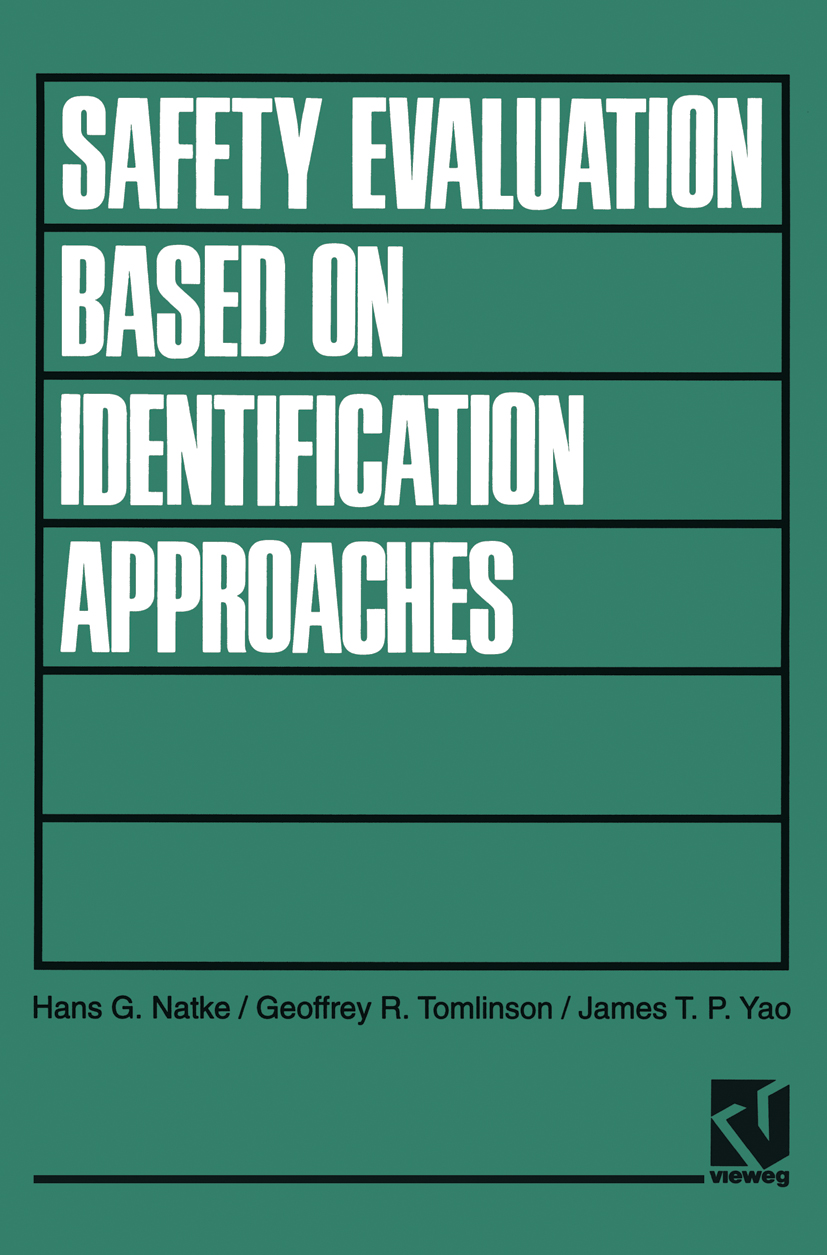
Safety Evaluation Based on Identification Approaches Related to Time-Variant and Nonlinear Structures Safety evaluation by definition involves many complex factors and thus covers a wide range of topics. In order to focus the content of the workshop the subject matter was specific to the state of the art and the recent developments in nonlinear and time-variant methods employing identification procedures. Participants in the workshop represented a wide range of expertise. They were se lected in order to cover the state of the art of knowledge in fault-detection and dam age assessment, system identification, signal processing, mathematical and physical modelling and applications of techniques such as fuzzy logic and neural networks. The emphasis was placed on the exploitation and understanding of nonlinearity arising from structural or material faults. Figure 1 indicates the range of topics covered in the workshop. Since no unique or general approach yet exists for treating nonlinearity in the field of safety evaluation, many of the topics presented were problem specific. In order to assist the reader in selecting the material of primary interest a matrix of the topics covered by each participant is shown in Table 1. This table relates the authors to the subject matter, providing a guide through the diverse range of topics presented at the workshop. TECHNOLOGY & ENGINEERING,Engineering (General)

Nonlinear Hyperbolic Problems This book contains original papers presented at the Fourth International Conference on Hyperbolic Problems which was held on April 3-8, 1992 in Taormina (Sicily), Italy. The aim of the Conferences in this cycle is to bring together scientists with interest in theo retical, applied and computational aspects of hyperbolic partial differential equations. The contributions, well balanced among these three aspects, deal with: mathematical theory of wave propagation, kinetic theory, existence, uniqueness and stabil ity of solutions, mathematical modeling of physical phenomena, stability and convergence of numerical schemes, multidimensional computational applications, etc. The papers are printed in the authors' alphabetic order following the idea both of mixing together topics of interest to different areas and of considering either theoretical results connected with applied problems or new applications with an essential mathemat ical approach. The Proceedings from the previous Conferences held in St. Etienne (1986), Aachen (1988) and Uppsala (1990) appeared respectively as: • Lecture Notes in Mathematics, 1270, P. Carasso, P. A. Raviart & D. Serre (Eds.), Springer-Verlag (1987) • Notes on Numerical Fluid Mechanics, 24, J. Ballmann & R. Jeltsch (Eds.), Vieweg (1989 ) • Third International Conference on Hyperbolic Problems, B. Engquist & B. Gustafs son (Eds.), Vol. I, II, Studentlitteratur, Uppsala University (1991). The organizers and the editors of the Conference would like to thank the Scientific Committee for the generous support, for suggesting the invited lectures, and for selecting the contributed papers. TECHNOLOGY & ENGINEERING,Engineering (General)
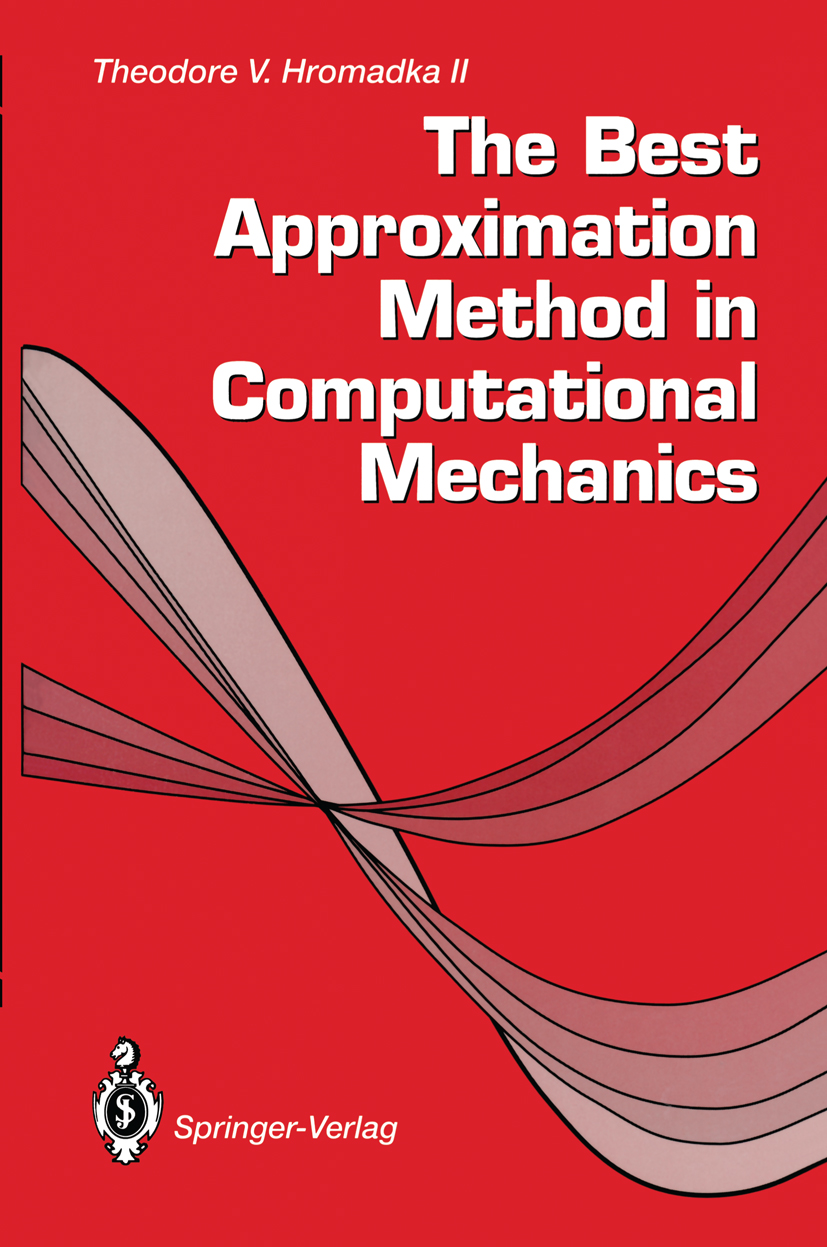
The Best Approximation Method in Computational Mechanics With the overwhelming use of computers in engineering, science and physics, the approximate solution of complex mathematical systems of equations is almost commonplace. The Best Approximation Method unifies many of the numerical methods used in computational mechanics. Nevertheless, despite the vast quantities of synthetic data there is still some doubt concerning the validity and accuracy of these approximations. This publication assists the computer modeller in his search for the best approximation by presenting functional analysis concepts. Computer programs are provided which can be used by readers with FORTRAN capability. The classes of problems examined include engineering applications, applied mathematics, numerical analysis and computational mechanics. The Best Approximation Method in Computational Mechanics serves as an introduction to functional analysis and mathematical analysis of computer modelling algorithms. It makes computer modellers aware of already established principles and results assembled in functional analysis. TECHNOLOGY & ENGINEERING,Engineering (General)
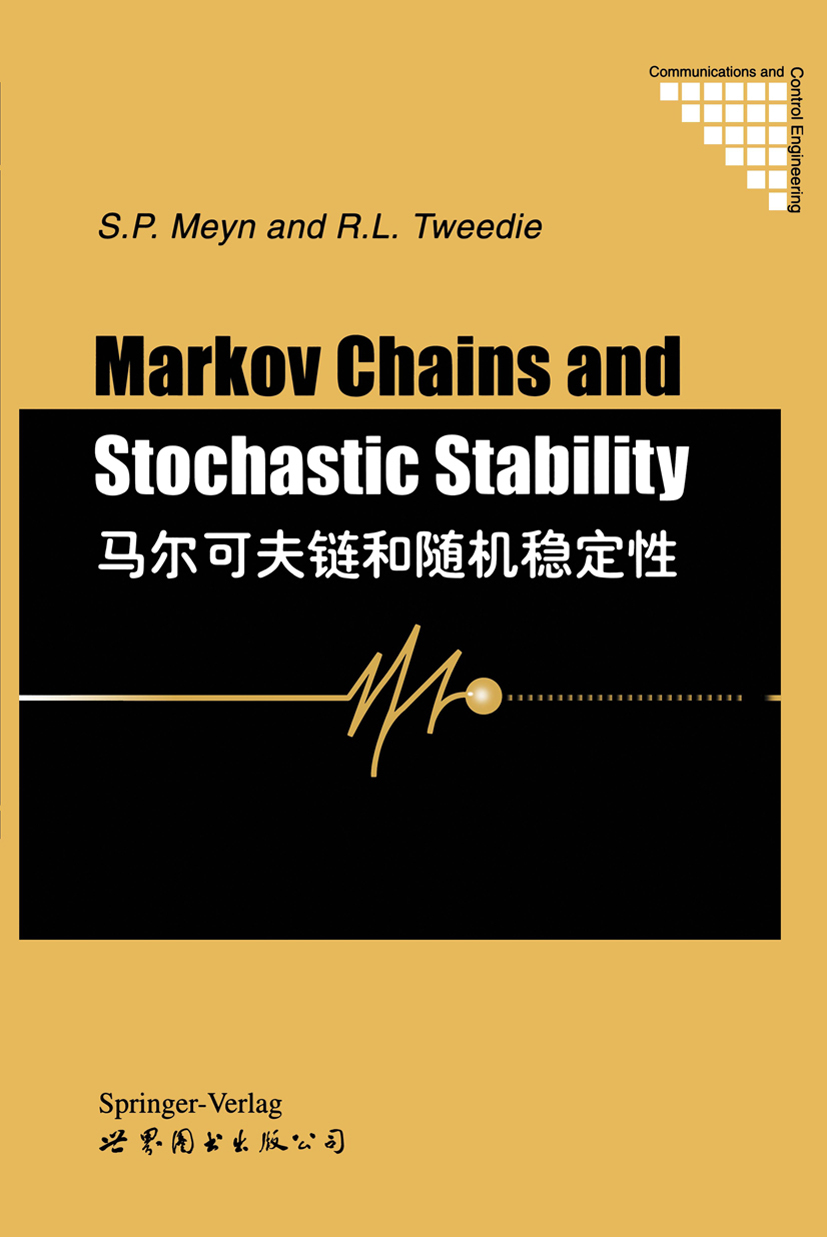
Markov Chains and Stochastic Stability Markov Chains and Stochastic Stability is part of the Communications and Control Engineering Series (CCES) edited by Professors B.W. Dickinson, E.D. Sontag, M. Thoma, A. Fettweis, J.L. Massey and J.W. Modestino. The area of Markov chain theory and application has matured over the past 20 years into something more accessible and complete. It is of increasing interest and importance. This publication deals with the action of Markov chains on general state spaces. It discusses the theories and the use to be gained, concentrating on the areas of engineering, operations research and control theory. Throughout, the theme of stochastic stability and the search for practical methods of verifying such stability, provide a new and powerful technique. This does not only affect applications but also the development of the theory itself. The impact of the theory on specific models is discussed in detail, in order to provide examples as well as to demonstrate the importance of these models. Markov Chains and Stochastic Stability can be used as a textbook on applied Markov chain theory, provided that one concentrates on the main aspects only. It is also of benefit to graduate students with a standard background in countable space stochastic models. Finally, the book can serve as a research resource and active tool for practitioners. TECHNOLOGY & ENGINEERING,Engineering (General)

Supercomputers and Their Performance in Computational Fluid Dynamics Supercomputer technologies have evolved rapidly since the first commercial-based supercomputer, CRAY-1 was introduced in 1976. In early 1980's three Japanese super computers appeared, and Cray Research delivered the X-MP series. These machines including the later-announced CRAY-2 and NEC SX series created one generation of supercomputers, and the market was spread dramatically. The peak performance was higher than 1 GFLOPS and the compiler improvement was remarkable. There appeared many articles and books that described their architecture and their performance on The late 1980's saw a new generation of supercomputers. several benchmark problems. Following CRAY Y-MP and Hitachi S-820 delivered in 1988, NEC announced SX-3 and Fujitsu announced the VP2000 series in 1990. In addition, Cray Research announced the Y-MP C-90 late in 1991. The peak performance of these machines reached several to a few ten's GFLOPS. The hardware characteristics of these machines are known, but their practical performance has not been well documented so far. Computational Fluid Dynamics (CFD) is one of the important research fields that have been progressing with the growth of supercomputers. Today's fluid dynamic re search cannot be discussed without supercomputers and since CFD is one of the im portant users of supercomputers, future development of supercomputers has to take the requirements of CFD into account. There are many benchmark reports available today. However, they mostly use so called kernels. For fluid dynamics researchers, benchmark test on real fluid dynamic codes are necessary. TECHNOLOGY & ENGINEERING,Engineering (General)
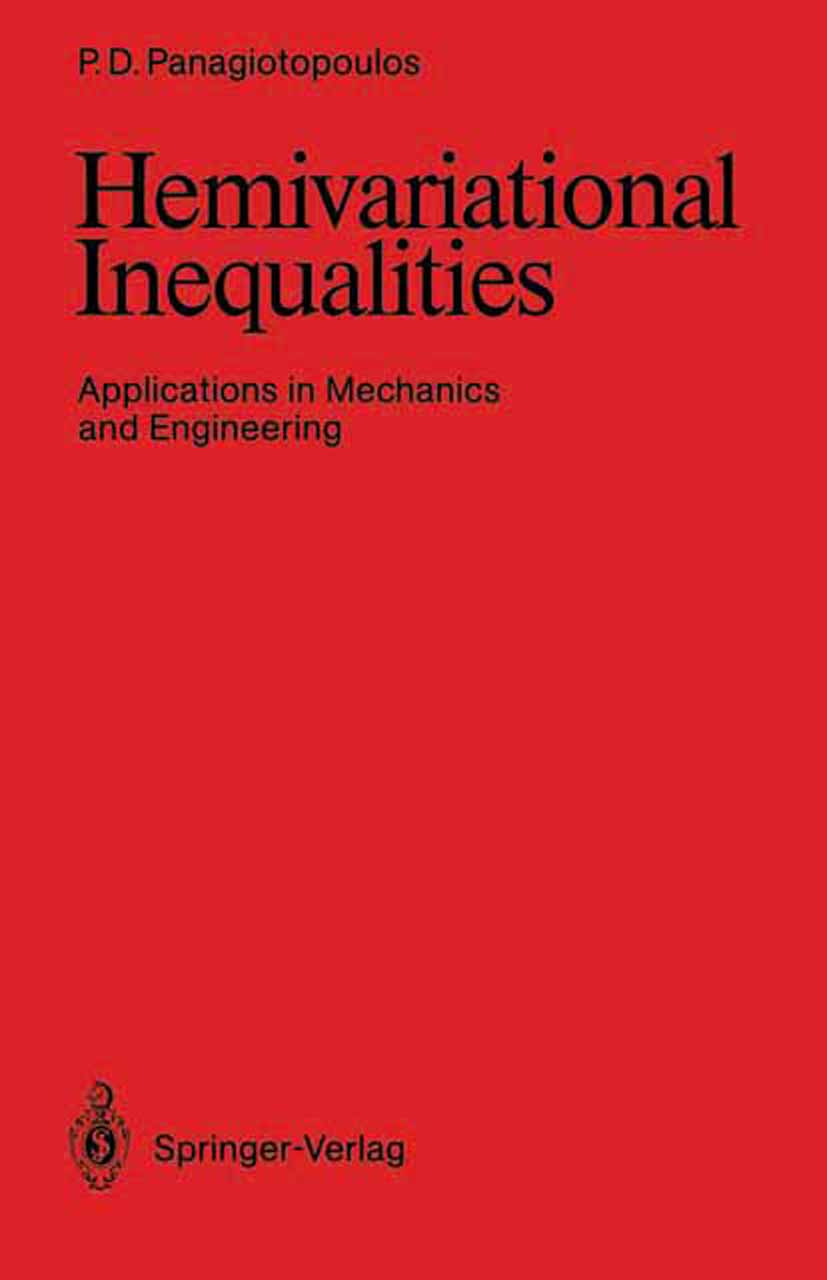
Hemivariational Inequalities The aim of the present book is the formulation, mathematical study and numerical treatment of static and dynamic problems in mechanics and engineering sciences involving nonconvex and nonsmooth energy functions, or nonmonotone and multivalued stress-strain laws. Such problems lead to a new type of variational forms, the hemivariational inequalities, which also lead to multivalued differential or integral equations. Innovative numerical methods are presented for the treament of realistic engineering problems. This book is the first to deal with variational theory of engineering problems involving nonmonotone multivalue realations, their mechanical foundation, their mathematical study (existence and certain approximation results) and the corresponding eigenvalue and optimal control problems. All the numerical applications give innovative answers to as yet unsolved or partially solved engineering problems, e.g. the adhesive contact in cracks, the delamination problem, the sawtooth stress-strain laws in composites, the shear connectors in composite beams, the semirigid connections in steel structures, the adhesive grasping in robotics, etc. The book closes with the consideration of hemivariational inequalities for fractal type geometries and with the neural network approach to the numerical treatment of hemivariational inequalities. TECHNOLOGY & ENGINEERING,Engineering (General)
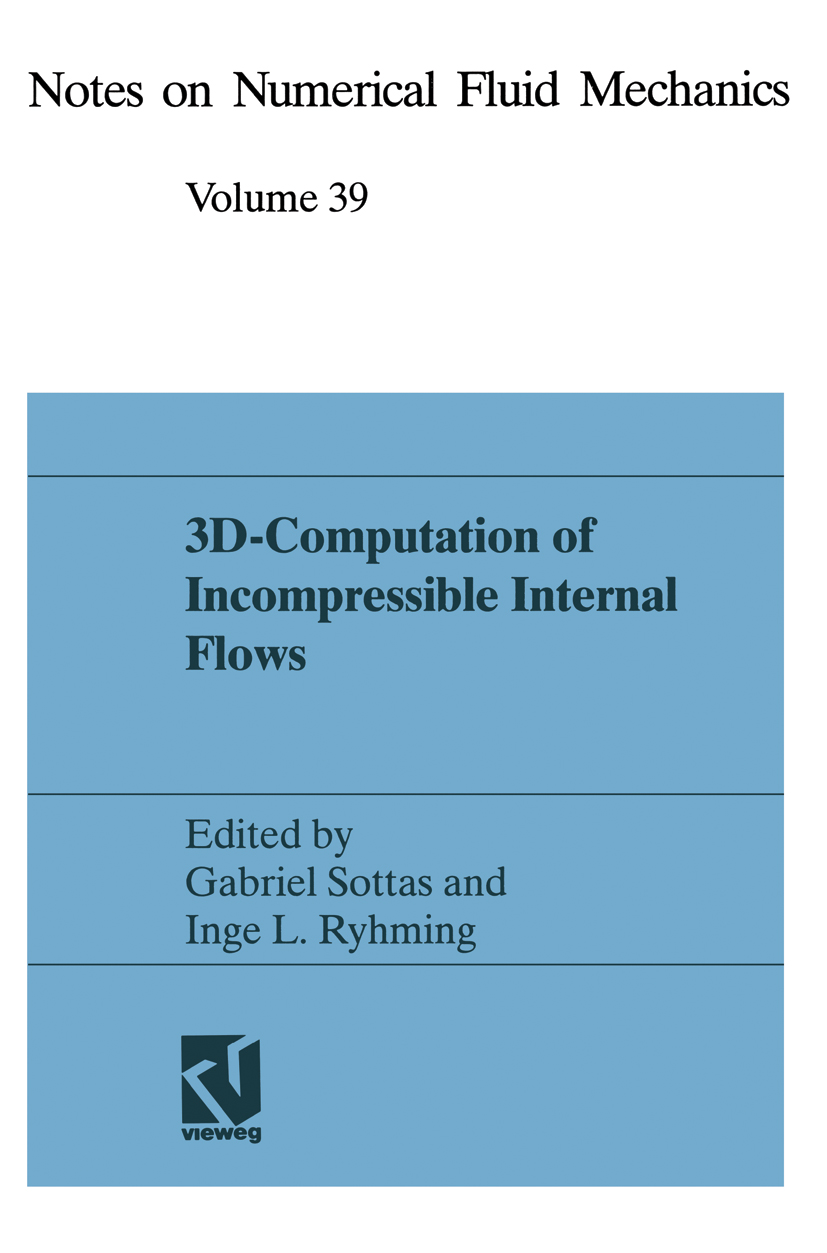
3D-Computation of Incompressible Internal Flows The aim of the 1989 GAMM Workshop on 3D-Computation of Incompressible Internal Flows was the simulation of a realistic incompressible flow field in an important industrial application. In view of the difficulties involved in formulating such a test case, requiring the availability of an experimental data base, extreme care had to be taken in the selection of the proper one. Professor I. L. Ryhming's proposal, that the flow through a Francis turbine configuration or parts thereof would be feasible as a test case, because of the numerical challenges as well as the possibility to produce an experimental data base by using the experimental facilities of the Hydraulic Machines and Fluid Mechanics Institute (IMHEF) at the Swiss Federal Institute of Technology in Lausanne (EPFL), was accepted by the GAMM Committee in April 1987. A scientific committee, formed under the chairmanship of Professor I. L. Ryhming, met a few times to decide on the Francis turbine configuration, the test case specifications, etc. , whereby the design input came from the water turbine experts. This committee decided to restrict the studies to the three following typical applications for the best operating point of the turbine: • simulation of the 3D flow in a Francis runner in rotation • simulation of the 3D flow in the distributor (stay and guide vane rings) of this turbine • simulation of the 3D flow in an elbow draft tube The simultaneous computation of two or three of these geometries was encouraged. TECHNOLOGY & ENGINEERING,Engineering (General)
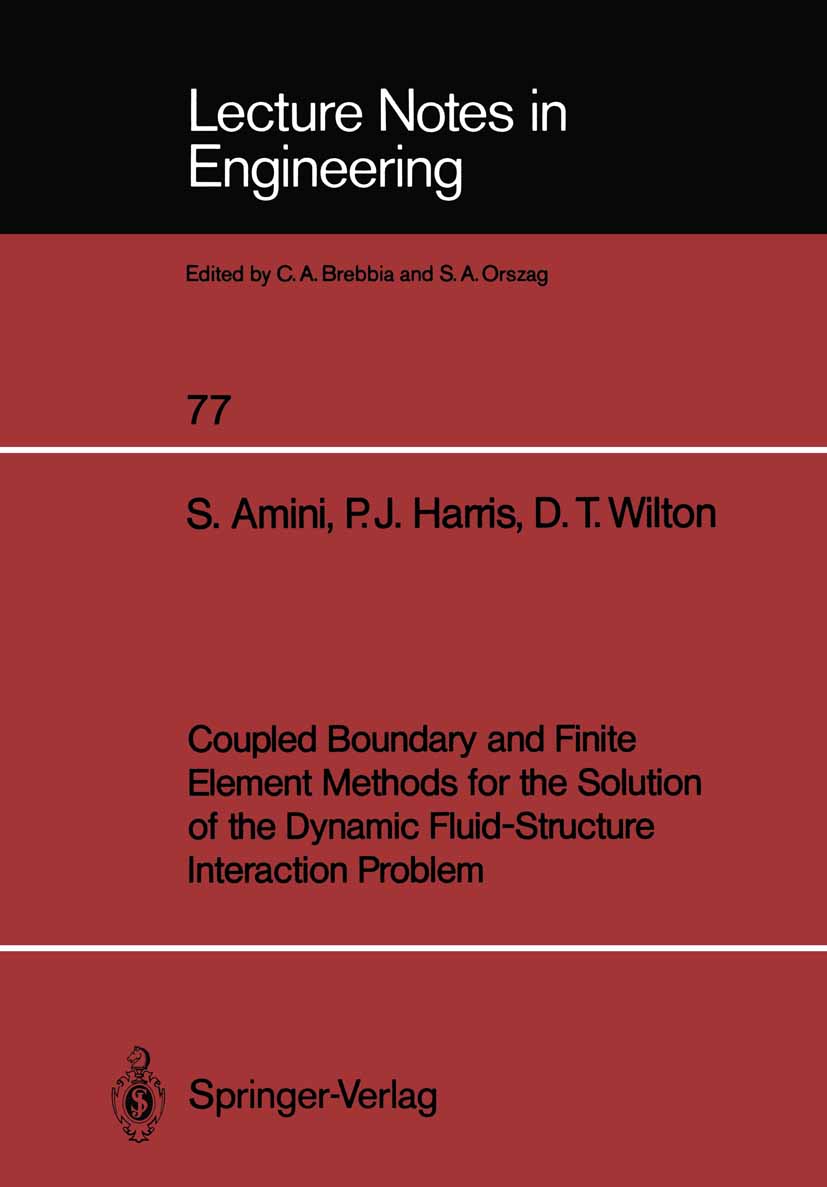
Coupled Boundary and Finite Element Methods for the Solution of the Dynamic Fluid-Structure Interaction Problem This text considers the problem of the dynamic fluid-structure interaction between a finite elastic structure and the acoustic field in an unbounded fluid-filled exterior domain. The exterior acoustic field is modelled through a boundary integral equation over the structure surface. However, the classical boundary integral equation formulations of this problem either have no solutions or do not have unique solutions at certain characteristic frequencies (which depend on the surface geometry) and it is necessary to employ modified boundary integral equation formulations which are valid for all frequencies. The particular approach adopted here involves an arbitrary coupling parameter and the effect that this parameter has on the stability and accuracy of the numerical method used to solve the integral equation is examined. The boundary integral analysis of the exterior acoustic problem is coupled with a finite element analysis of the elastic structure in order to investigate the interaction between the dynamic behaviour of the structure and the associated acoustic field. Recently there has been some controversy over whether or not the coupled problem also suffers from the non-uniqueness problems associated with the classical integral equation formulations of the exterior acoustic problem. This question is resolved by demonstrating that .the solution to the coupled problem is not unique at the characteristic frequencies and that it is necessary to employ an integral equation formulation valid for all frequencies. TECHNOLOGY & ENGINEERING,Engineering (General)
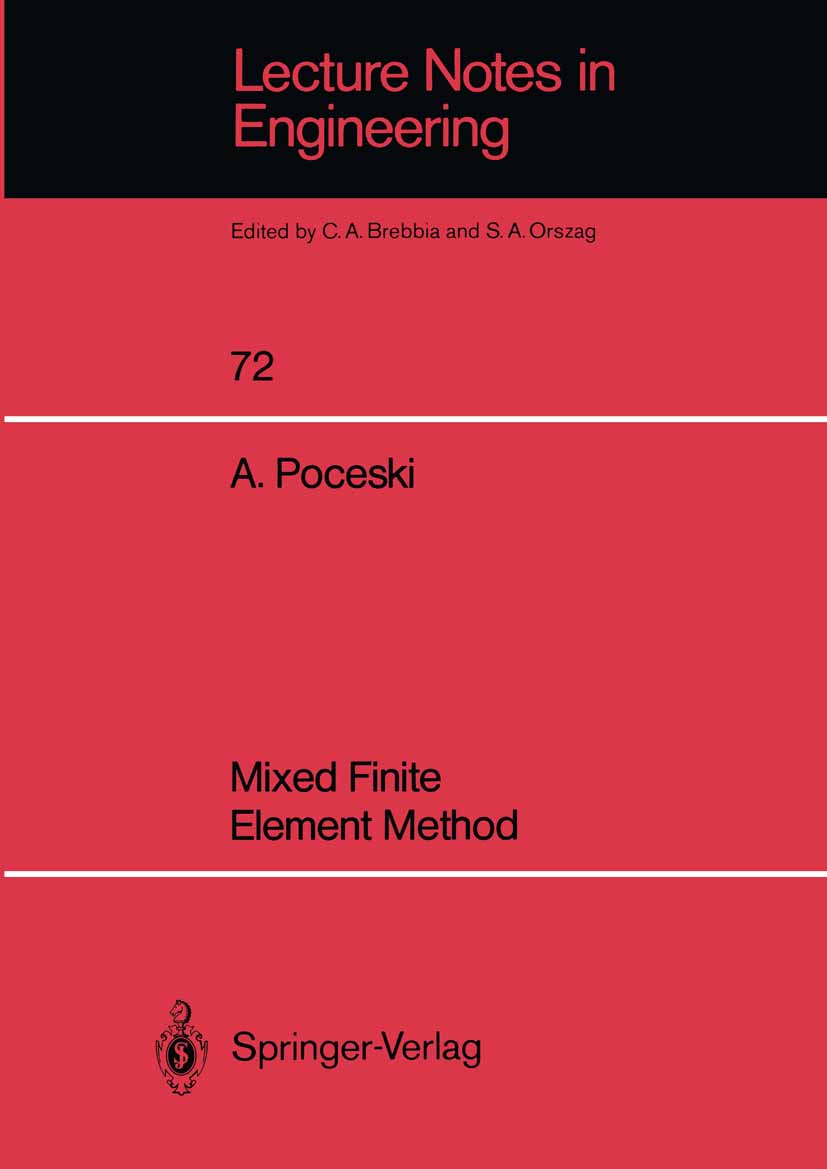
Mixed Finite Element Method In this book, based on 16 years of work on the finiteelement method, the author presents the essence of a new,direct approach to the FEM. The work is focused on themixed method and shows how reliable results may be obtainedwith fewer equations than usual.The basic principles, the fundamentals and the essence ofthe FEM are presented, then the method is applied to theanalysis of one, two, and three-dimensional problems. It isshown that mixed elements offer superior accuracy comparedwith stiffness elements. Finally, some new achievementsand perspectives for further development are presented.The book is intended for undergraduate and graduatestudents, mathematicians, research engineers and practicingengineers. To understand the book, a familiarity withclassical mechanics is sufficient. TECHNOLOGY & ENGINEERING,Engineering (General)
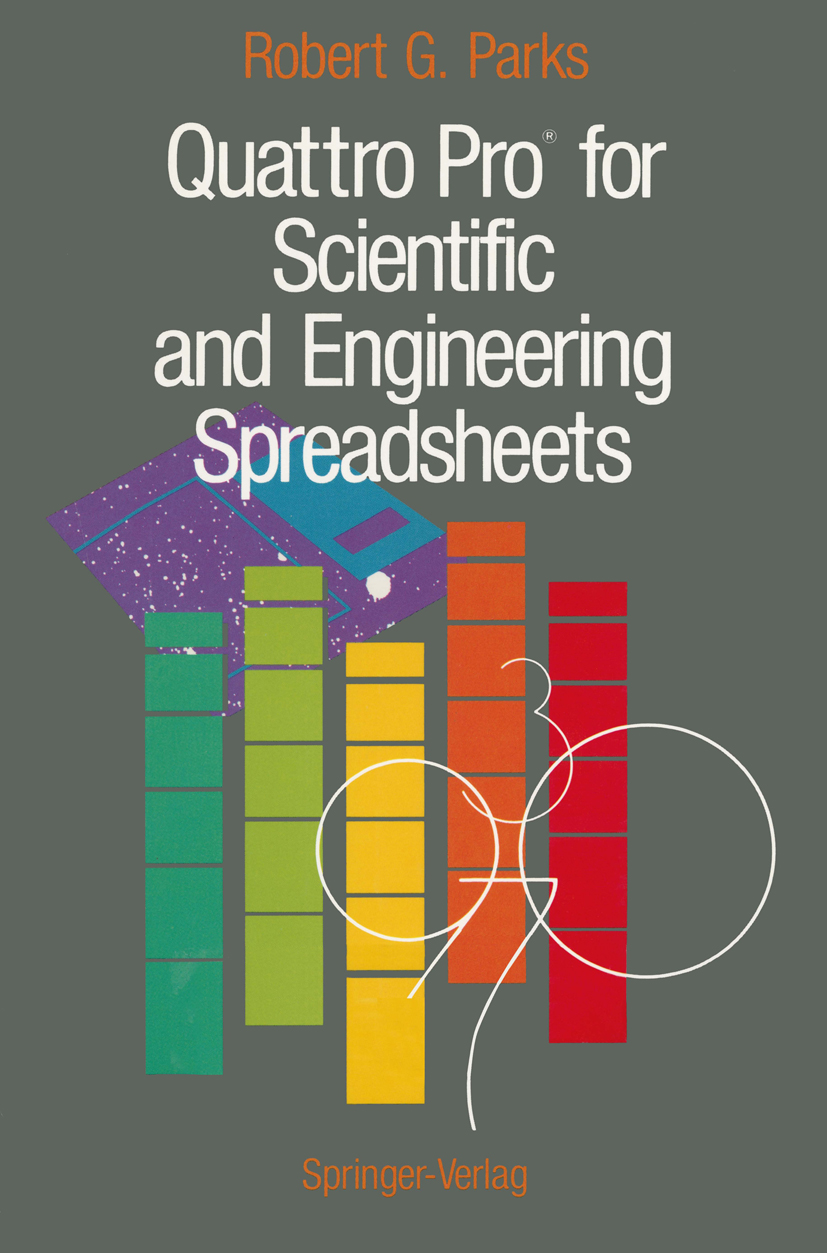
Quattro Pro® for Scientific and Engineering Spreadsheets Engineers and scientists can use spreadsheets to help them quickly solve technical problems. Ideal for analyzing and manipulating data, Quattro Pro spreadsheet software from Borland International, also turns out to be an excellent tool for technologists requiring database management, mathematical functions, graphing data, statistics, regressive analysis, matrix arithmetic, and more. In this book, professional engineer Robert G. Parks describes the specific functions of Quattro Pro 3.0 that benefit scientists and engineers in a range of disciplines. The book contains numerous examples with clearly defined steps to help technologists integrate Borland's powerful software into their daily work lives. TECHNOLOGY & ENGINEERING,Engineering (General)
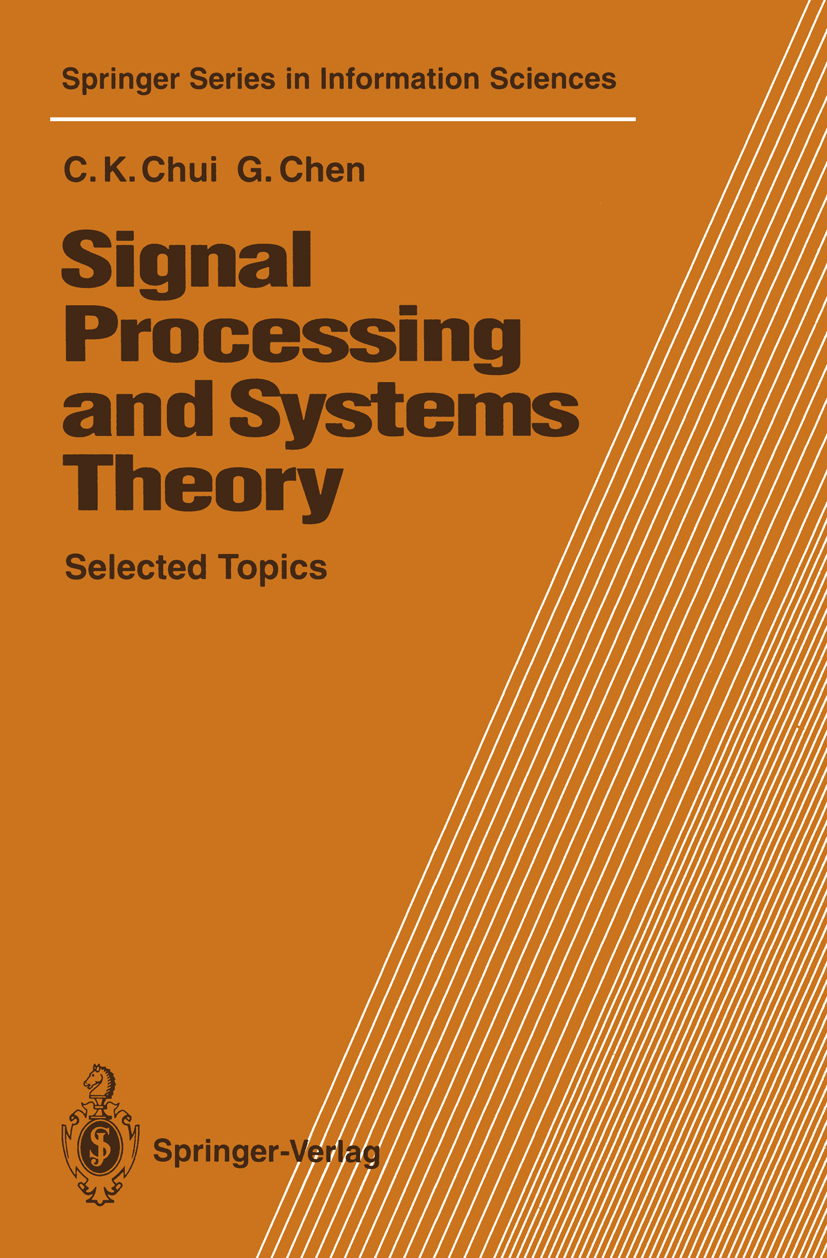
Signal Processing and Systems Theory "Signal Processing and Systems Theory" is concerned with thestudy of H-optimization for digital signal processing anddiscrete-time control systems. The first three chapterspresent the basic theory and standard methods in digitalfiltering and systems from the frequency-domain approach,followed by a discussion of the general theory ofapproximation in Hardy spaces. AAK theory is introduced,first for finite-rank operators and then more generally,before being extended to the multi-input/multi-outputsetting. This mathematically rigorous book is self-containedand suitable for self-study. The advanced mathematicalresults derived here are applicable to digital controlsystems and digital filtering. TECHNOLOGY & ENGINEERING,Engineering (General)
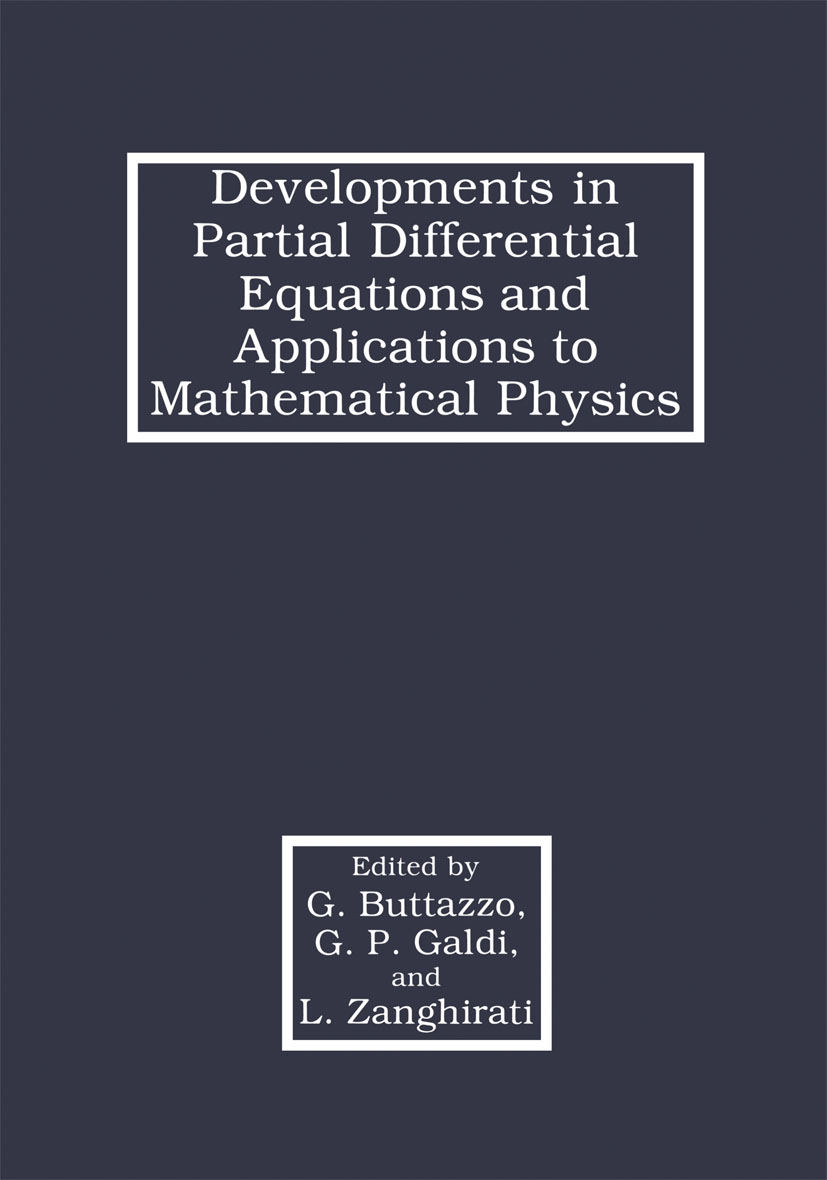
Developments in Partial Differential Equations and Applications to Mathematical Physics Liapunov Functionals and Qualitative Behavior of the Solution to the Nonlinear Enskog Equation; N. Bellomo, et al. Discontinuous Media and Dirichlet Forms of Diffusion Type; M. Biroli, U. Mosco. On an Abstract Weakly Hyperbolic Equation Modelling the Nonlinear Vibrating String; P. D'Ancona, S. Spagnolo. On the Relaxation of Functionals Defined on Cartesian Manifolds; E. De Giorgi. Green's Identities and Pendent Liquid Drops, I; R. Finn. Remarks on Imcompressible Models on Fluid Dynamics; P.L. Lions. On Solutions with BlowUp at the Boundary for a Class of Semilinear Elliptic Equations; M. Marcus. On Some Singular Boundary Value Problem for Heat Operator; S. Mizohata. Surface Waves of Viscous Fluid Down an Inclined Plane; N. Ninomiya, T. Nishida. Flows Between Rotating Plates; K.R. Rajagopal. On the Problem of the Hypoellipticity of the Linear Partial Differential Equations; L. Rodino. 8 additional articles. Index. TECHNOLOGY & ENGINEERING,Engineering (General)
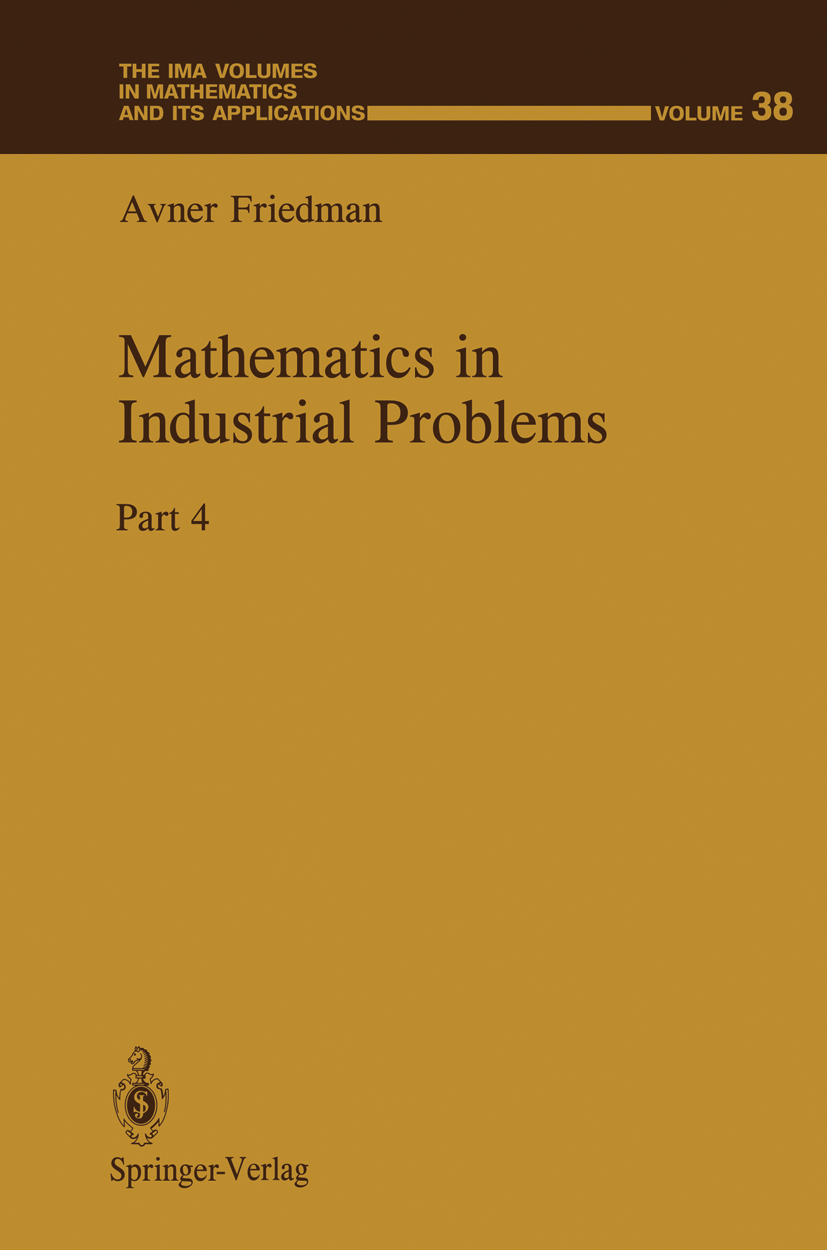
Mathematics in Industrial Problems This is the fourth volume in the series "Mathematics in Industrial Prob lems." The motivation for these volumes is to foster interaction between Industry and Mathematics at the "grass roots"; that is, at the level of spe cific problems. These problems come from Industry: they arise from models developed by the industrial scientists in ventures directed at the manufac ture of new or improved products. At the same time, these problems have the potential for mathematical challenge and novelty. To identify such problems, I have visited industries and had discussions with their scientists. Some of the scientists have subsequently presented their problems in the IMA Seminar on Industrial Problems. The book is based on questions raised in the seminar and subsequent discussions. Each chapter is devoted to one of the talks and is self-contained. The chap ters usually provide references to the mathematical literature and a list of open problems which are of interest to the industrial scientists. For some problems partial solution is indicated briefly. The last chapter of the book contains a short description of solutions to some of the problems raised in the third volume, as well as references to papers in which such solutions have been published. TECHNOLOGY & ENGINEERING,Engineering (General)
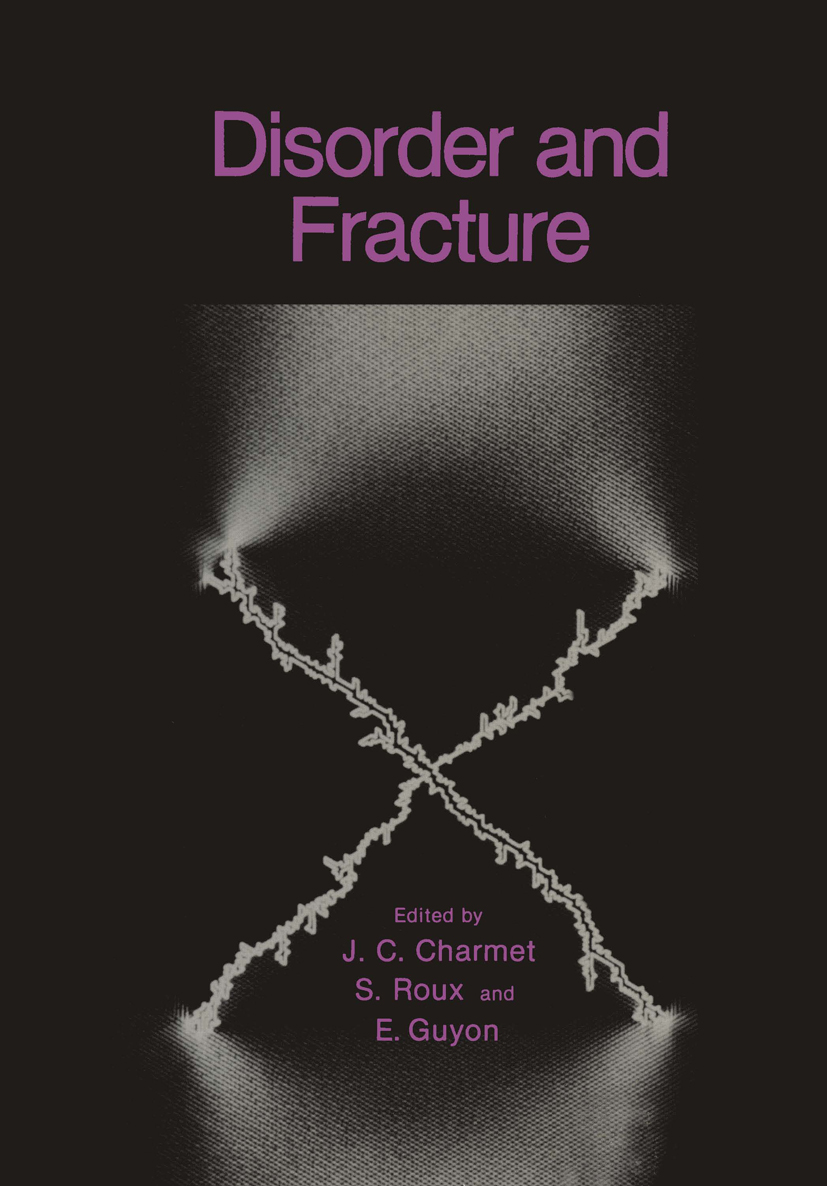
Disorder and Fracture Proceedings of a NATO ASI held in Cargese, France, May 29--June 9, 1989. TECHNOLOGY & ENGINEERING,Engineering (General)
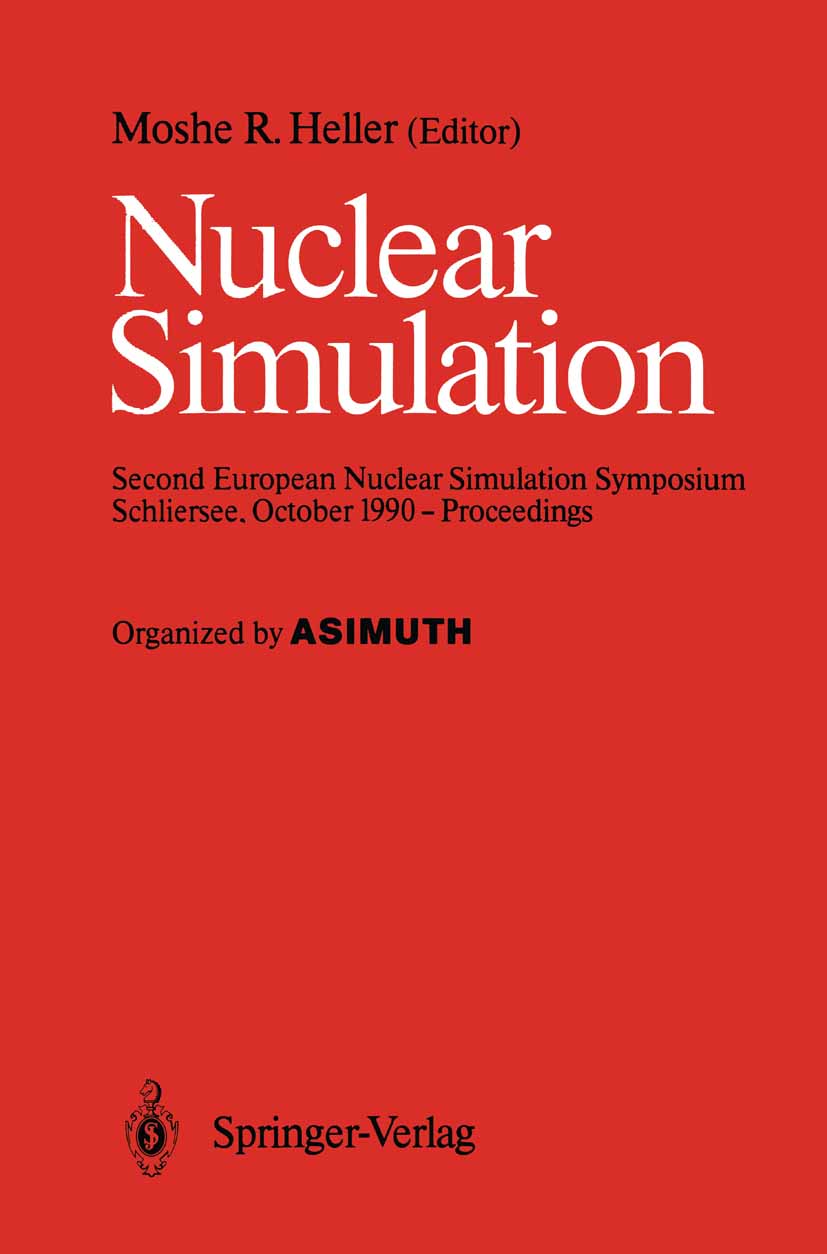
Nuclear Simulation Welcome to Bavaria - West Germany to the SECOND EUROPEAN NUCLEAR SIMULATION SYMPOSIUM. That workshop-type meeting is a follow-up of the first Symposium which took place also at Schliersee in October 1987. The objective of gatheri ng together is to cover most of the aspects of Nuclear Mathematical Modelling and Simulation in theory and practice to promote the exchange of knowledge and experience between different national and international research groups in that field taking into con sideration that Nuclear Safety in "United Europe" turned to be a main issue. Furthermore, there is to strengthen the international contact between deve lopers and users of mode 11 i ng and simu 1 ati on techniques consi deri ng the "open" European Community borders of 1992. This triennial International Conference jointly promoted by ASIMUTH - Applied Simulation Technology and the Gesellschaft fUr Reaktorsicherheit (GRS) created an interest to publish new projects including their new results. A large number of contributed papers has been strictly examined and selected by the editorial committee to guarantee a high international technical standard. The book contai ns the accepted papers whi ch wi 11 be presented at the Symposium. The papers have been classified according to the following topics: VI 1. NUCLEAR POWER PLANT SIMULATION 2. SOFTWARE TOOLS 3. ARTIFICIAL INTELLIGENCE 4. COMPUTATIONAL FLUID DYNAMICS 5. NEUTRON KINETICS PLANT ANALYSER 6. TECHNOLOGY & ENGINEERING,Engineering (General)
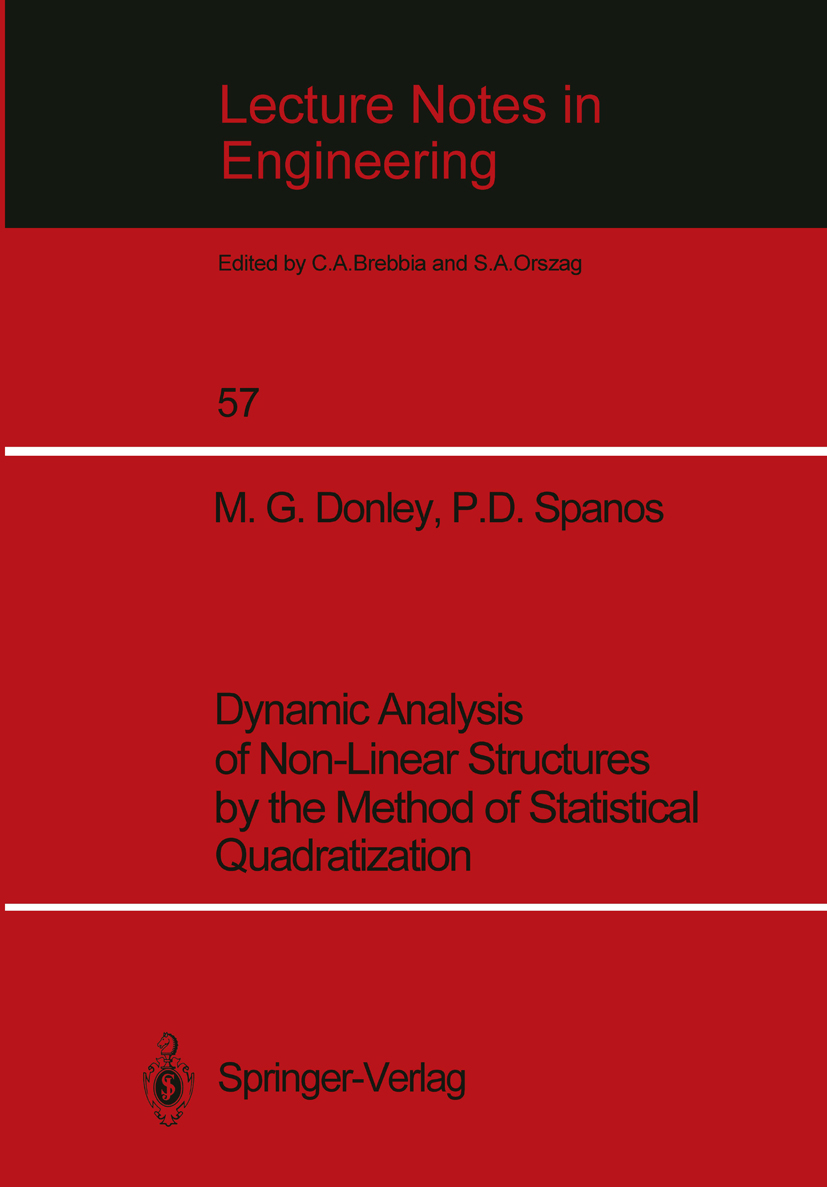
Dynamic Analysis of Non-Linear Structures by the Method of Statistical Quadratization 1. 1 Introduction As offshore oil production moves into deeper water, compliant structural systems are becoming increasingly important. Examples of this type of structure are tension leg platfonns (TLP's), guyed tower platfonns, compliant tower platfonns, and floating production systems. The common feature of these systems, which distinguishes them from conventional jacket platfonns, is that dynamic amplification is minimized by designing the surge and sway natural frequencies to be lower than the predominant frequencies of the wave spectrum. Conventional jacket platfonns, on the other hand, are designed to have high stiffness so that the natural frequencies are higher than the wave frequencies. At deeper water depths, however, it becomes uneconomical to build a platfonn with high enough stiffness. Thus, the switch is made to the other side of the wave spectrum. The low natural frequency of a compliant platfonn is achieved by designing systems which inherently have low stiffness. Consequently, the maximum horizontal excursions of these systems can be quite large. The low natural frequency characteristic of compliant systems creates new analytical challenges for engineers. This is because geometric stiffness and hydrodynamic force nonlinearities can cause significant resonance responses in the surge and sway modes, even though the natural frequencies of these modes are outside the wave spectrum frequencies. High frequency resonance responses in other modes, such as the pitch mode of a TLP, are also possible. TECHNOLOGY & ENGINEERING,Engineering (General)
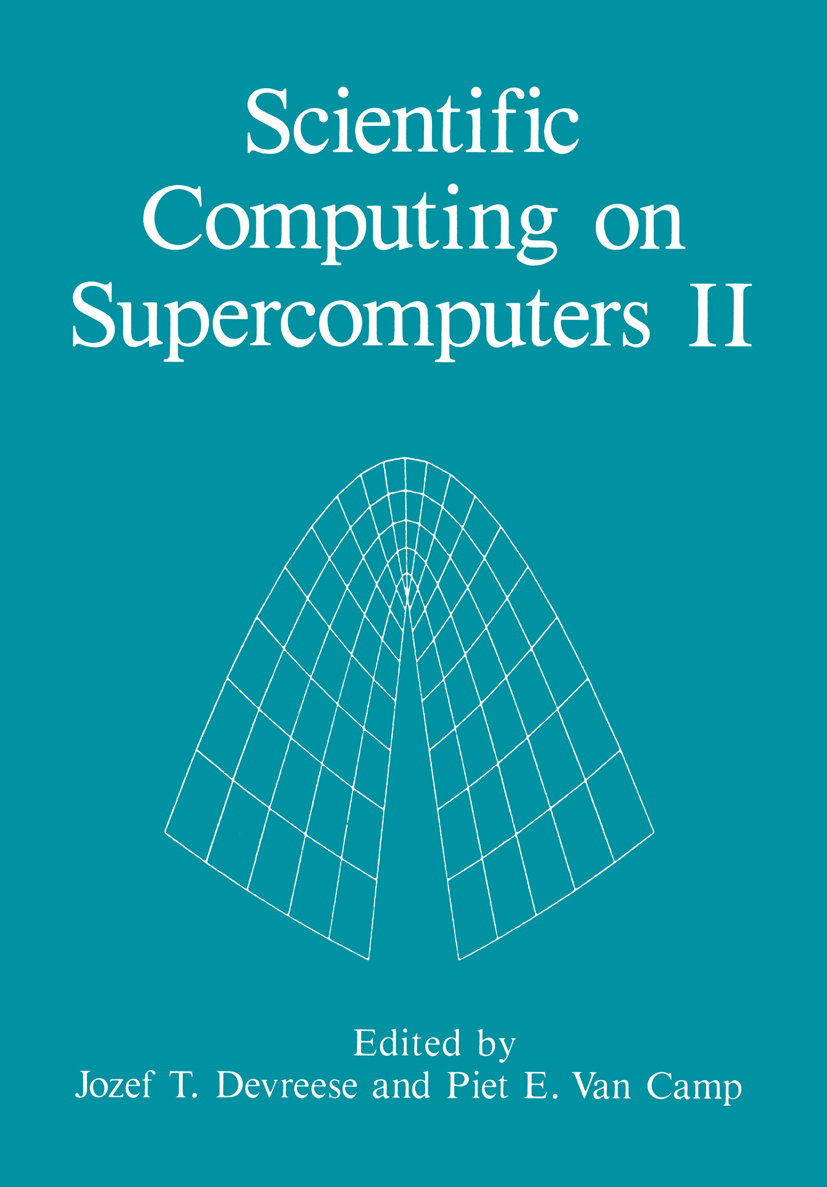
Scientific Computing on Supercomputers II The International Workshop on "The Use of Supercomputers in Theoretical Science" took place on November 29 and 30, 1989 at the University of Antwerp (UIA), Antwerpen, Belgium. It was the fifth in a series of workshops, the first of which took place in 1984. The principal aim of these workshops is to present the state-of-the-art in scientific large scale and high speed computation. Computational science has developed into a third methodology equally important now as its theoretical and experimental companions. Gradually academic researchers acquired access to a variety of supercomputers and as a consequence computational science has become a major tool for their work. It is a pleasure to thank the Belgian National Science Foundation (NFWO-FNRS) and the Ministry of Scientific Affairs for sponsoring the workshop. It was organized both in the framework of the Third Cycle "Vectorization, Parallel Processing and Supercomputers" and the "Governemental Program in Information Technology"~ We also very much would like to thank the University of Antwerp (Universitaire Instelling Antwerpen - UIA) for financial and material support. Special thanks are due to Mrs. H. Evans for the typing and editing of the manuscripts and for the preparation of the author and subject index. TECHNOLOGY & ENGINEERING,Engineering (General)

Partially Integrable Evolution Equations in Physics Proceedings of the NATO Advanced Study Institute on Partially Integrable Nonlinear Evolution Equations and Their Physical Applications, Les Houches, France, March 21-30, 1989 TECHNOLOGY & ENGINEERING,Engineering (General)
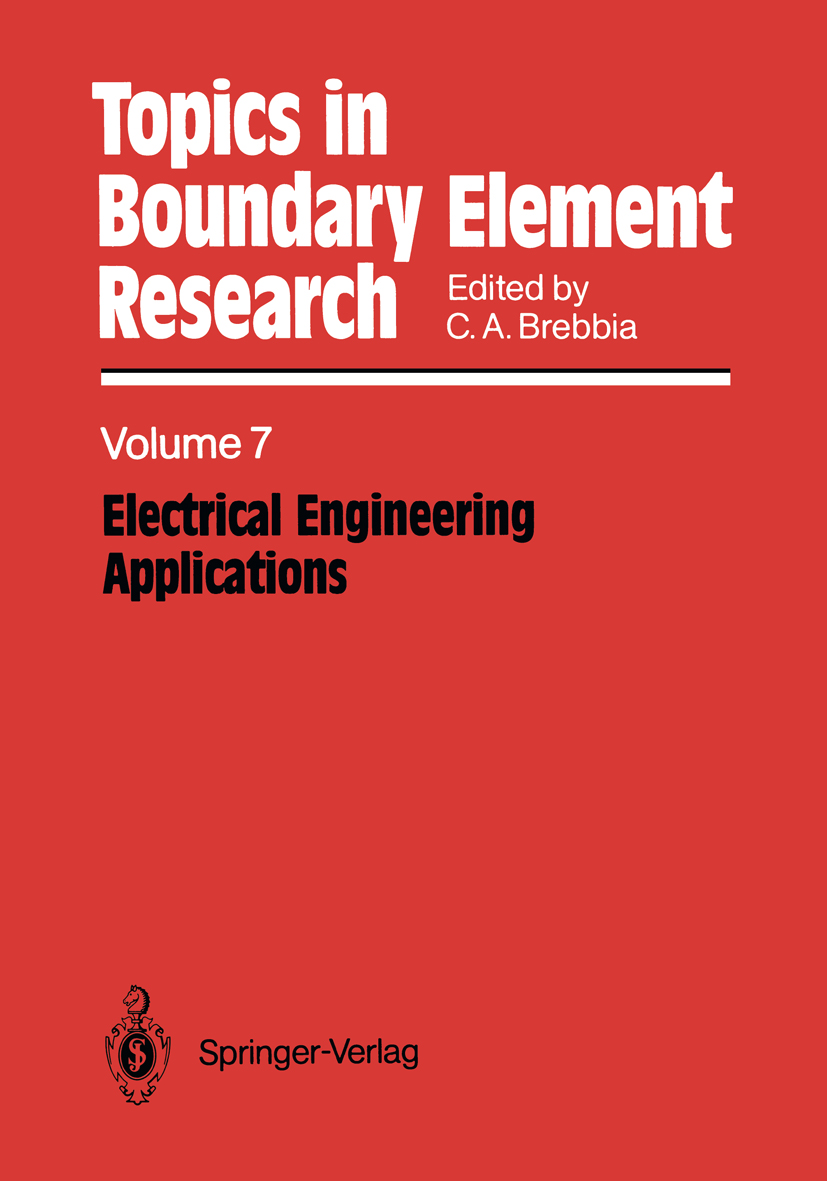
Electrical Engineering Applications The application of BEM in all fields of engineering and science has progressed at an accelerate rate since the first book on the method appeared in the late seventies. In particular the advantages of BEM for potential problems are essential to solve a whole range of electrical engineering problems. Previous volumes in this series have focussed on the state of the art in other fields while this volume discusses only problems related to electrical engineering. The book reviews a series of important applications such as the design of semiconductor devices and their thermal analysis. The following two chapters concentrate on the study of galvanic corrosion and cathodic protection. Chapter 4 deals with the design of capacitance transducers. The next three chapters concentrate on the applications of the method to simulate electrochemical problems with special reference to Plating Process. The last chapter in the book discusses the case of inverse problems in electrical engineering and presents some applications including their use in tomography. TECHNOLOGY & ENGINEERING,Engineering (General)

Power, Speed, and Form Power, Speed, and Form is the first accessible account of the engineering behind eight breakthrough innovations that transformed American life from 1876 to 1939--the telephone, electric power, oil refining, the automobile, the airplane, radio, the long-span steel bridge, and building with reinforced concrete. Beginning with Thomas Edison's system to generate and distribute electric power, the authors explain the Bell telephone, the oil refining processes of William Burton and Eugene Houdry, Henry Ford's Model T car and the response by General Motors, the Wright brothers' airplane, radio innovations from Marconi to Armstrong, Othmar Ammann's George Washington Bridge, the reinforced concrete structures of John Eastwood and Anton Tedesko, and in the 1930s, the Chrysler Airflow car and the Douglas DC-3 airplane. These innovations used simple numerical ideas, which the Billingtons integrate with short narrative accounts of each breakthrough--a unique and effective way to introduce engineering and how engineers think. The book shows how the best engineering exemplifies efficiency, economy and, where possible, elegance. With Power, Speed, and Form, educators, first-year engineering students, liberal arts students, and general readers now have, for the first time in one volume, an accessible and readable history of engineering achievements that were vital to America's development and that are still the foundations of modern life. TECHNOLOGY & ENGINEERING,Engineering (General)
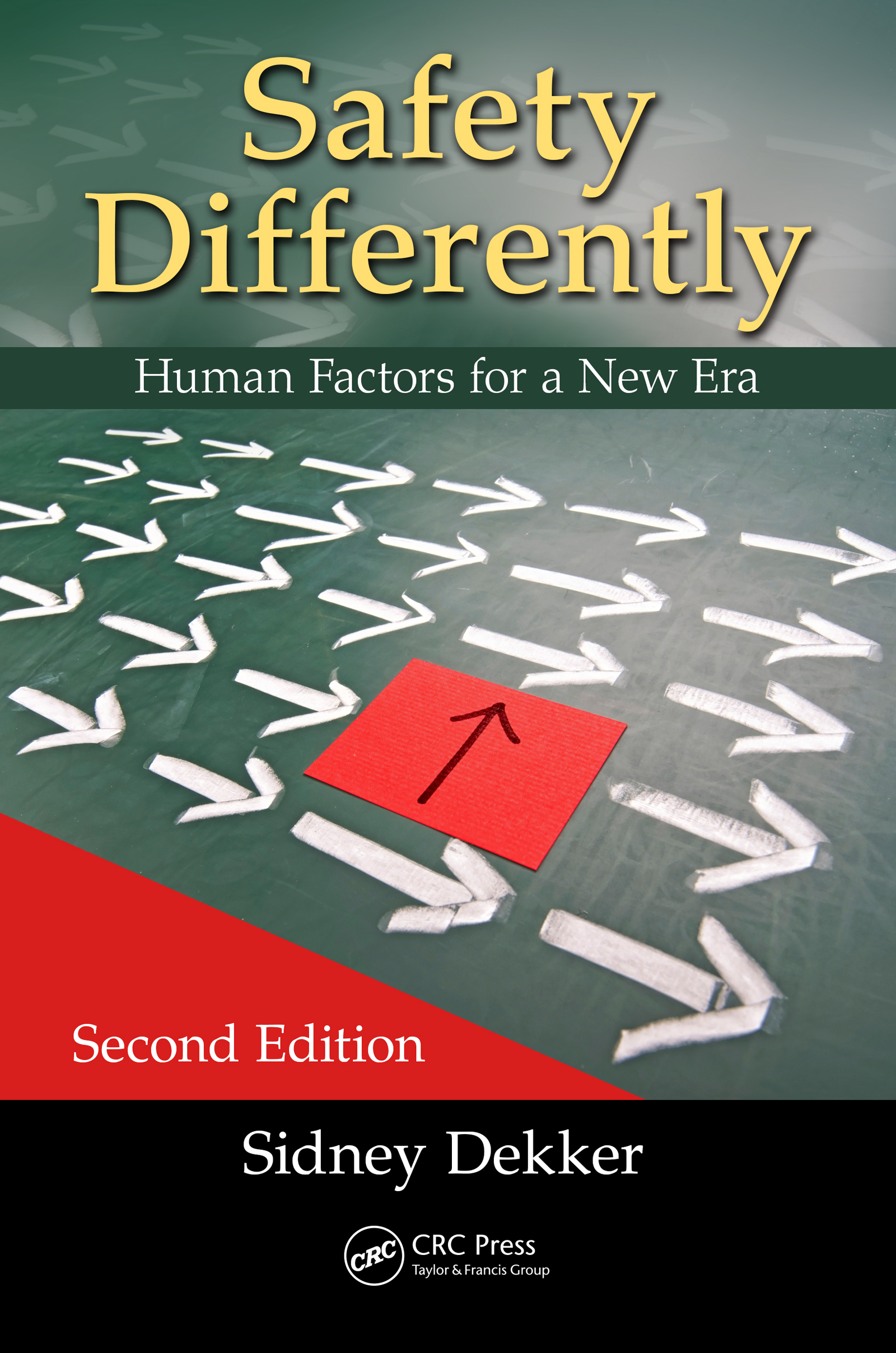
Safety Differently The second edition of a bestseller, Safety Differently: Human Factors for a New Era is a complete update of Ten Questions About Human Error: A New View of Human Factors and System Safety. Today, the unrelenting pace of technology change and growth of complexity calls for a different kind of safety thinking. Automation and new technologies have resu TECHNOLOGY & ENGINEERING,Engineering (General)
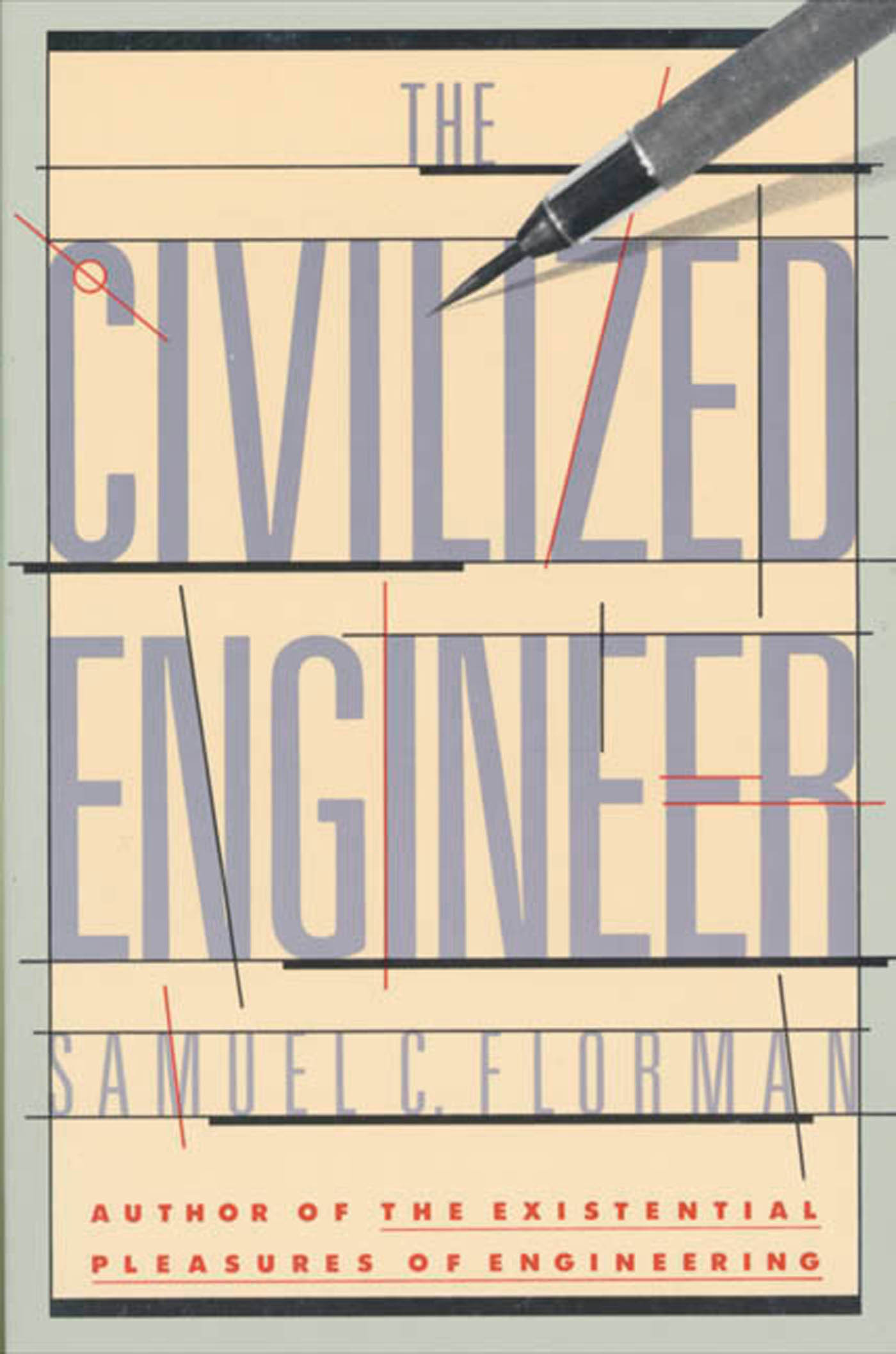
The Civilized Engineer Civil engineer Samuel C. Florman's The Civilized Engineer is aimed at both those observing and commenting externally on engineering, and the practicing engineer—to reveal something of the art behind great engineering achievements, and to stimulate debate upon the author's hypothesis that "in its moment of ascendance, engineering is faced with the trivialization of its purpose and the debasement of its practice." TECHNOLOGY & ENGINEERING,Engineering (General)
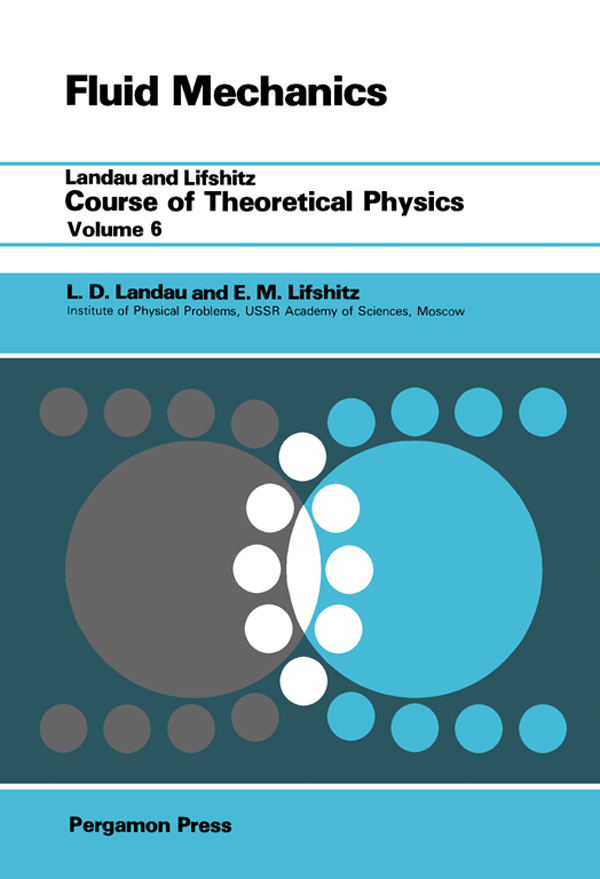
Fluid Mechanics Course of Theoretical Physics, Volume 6: Fluid Mechanics discusses several areas of concerns regarding fluid mechanics. The book provides a discussion on the phenomenon in fluid mechanics and their intercorrelations, such as heat transfer, diffusion in fluids, acoustics, theory of combustion, dynamics of superfluids, and relativistic fluid dynamics. The text will be of great interest to researchers whose work involves or concerns fluid mechanics. TECHNOLOGY & ENGINEERING,Engineering (General)

MATLAB For Dummies Plot graphs, solve equations, and write code in a flash! If you work in a STEM field, chances are you'll be using MATLAB on a daily basis. MATLAB is a popular and powerful computational tool and this book provides everything you need to start manipulating and plotting your data. MATLAB has rapidly become the premier data tool, and MATLAB For Dummies is a comprehensive guide to the fundamentals. MATLAB For Dummies guides you through this complex computational language from installation to visualization to automation. Learn MATLAB's language fundamentals including syntax, operators, and data types Understand how to use the most important window in MATLAB – the Command Window Get the basics of linear algebra to get up and running with vectors, matrices, and hyperspace Automate your work with programming scripts and functions Plot graphs in 2D and 3D to visualize your data Includes a handy guide for MATLAB's functions and plotting routines MATLAB is an essential part of the analysis arsenal and MATLAB For Dummies provides clear, thorough guidance to get the most out of your data. TECHNOLOGY & ENGINEERING,Engineering (General)
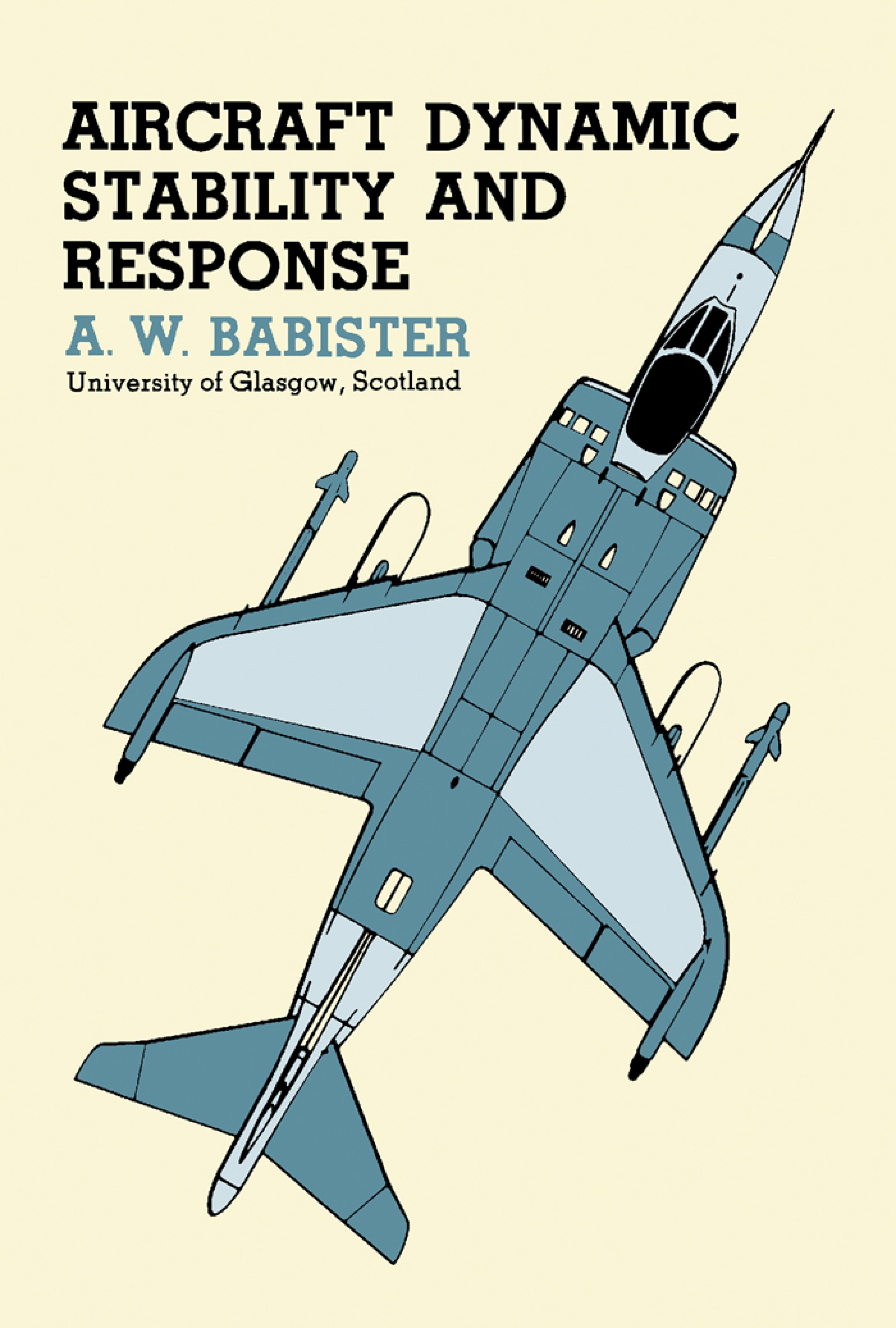
Aircraft Dynamic Stability and Response Aircraft Dynamic Stability and Response deals with the fundamentals of dynamic stability in aircraft. Topics covered include flight dynamics, equations of motion, and lateral and longitudinal aerodynamic derivatives. Basic lateral and longitudinal motions are also considered. A non-dimensional system of notation is used, and problems are included at the end of chapters. This book is comprised of 13 chapters and begins with an introduction to aircraft static stability and maneuverability, with emphasis on the theoretical basis of flight dynamics and the technical terms used. The physical background for the estimation of aerodynamic derivatives is discussed. Subsequent chapters focus on the longitudinal and lateral motion of aircraft, including the effect of automatic control; modern developments such as the effects of aeroelasticity, dynamic coupling, and high incidence; and aircraft response to gusts. The final chapter demonstrates how to estimate the aerodynamic derivatives, and hence the dynamic stability characteristics, of a typical fighter aircraft. Throughout the text, the aircraft and its behavior are kept well to the fore. This monograph is intended for undergraduate students of aeronautical engineering and for newcomers to the aircraft industry. TECHNOLOGY & ENGINEERING,Engineering (General)

The Architecture of the Well-Tempered Environment The Architecture of the Well-Tempered Environment presents the fundamental aspects of the architecture of the well-tempered environment. This book considers what architects had taken to be the proper use and exploitation of mechanical environmental controls, and shows how this had manifested itself in the design of their buildings. Organized into 12 chapters, this book begins with an overview of the history of the mechanization of environmental management. This text then explains the accumulation of capital goods and equipment needed to produce a moderate level of civilized culture in pre-technological societies, which requires that building materials be treated as if valuable and permanent. Other chapters consider that it is necessary not only to create habitable environments, but to conserve them. This book discusses as well the kind of technology of environment in the 19th century. The final chapter deals with the liberation of architecture from the ballast of structure. This book is a valuable resource for architects. TECHNOLOGY & ENGINEERING,Engineering (General)
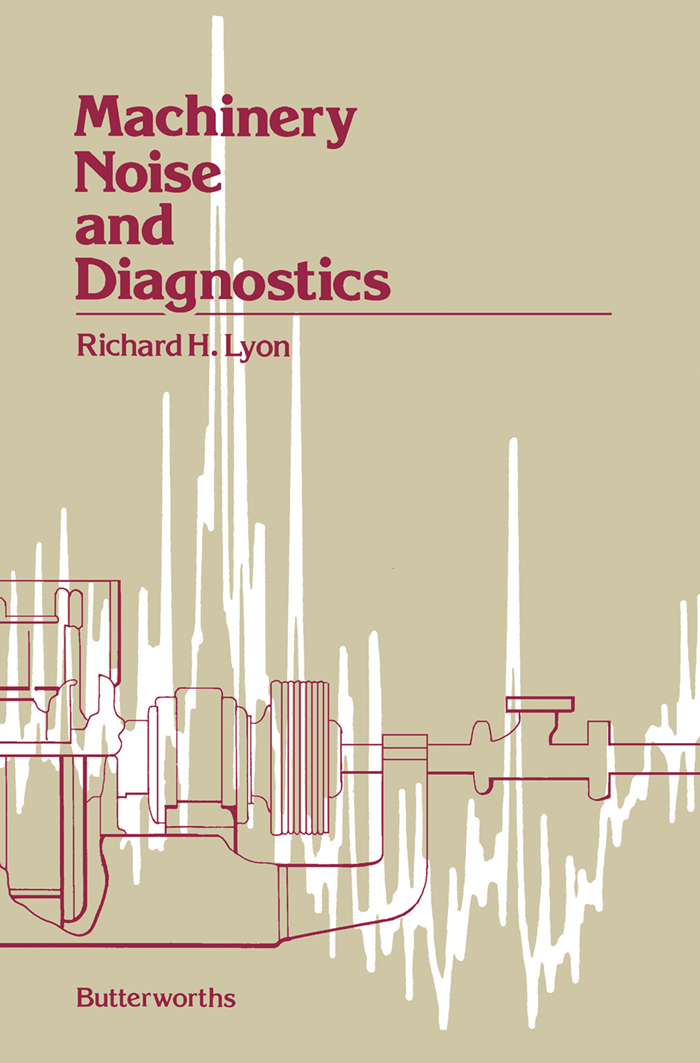
Machinery Noise and Diagnostics Machinery Noise and Diagnostics provides engineers with an understanding of how dynamic forces produce structural vibration in machines and how these vibrations are transmitted through the machine and produce radiated sound. The book presents the theoretical and practical aspects of machinery noise and diagnostics. The chapters contained in the text discuss subjects on the integration of noise reduction into the design process; sounds radiated by machines; the vibratory or acoustical signals picked up by a sensor and used for diagnostics; and other aspects of diagnostic procedures likely to be important in future machine monitoring systems. This publication will be of value to mechanical engineers, mechanics and machine designers. TECHNOLOGY & ENGINEERING,Engineering (General)
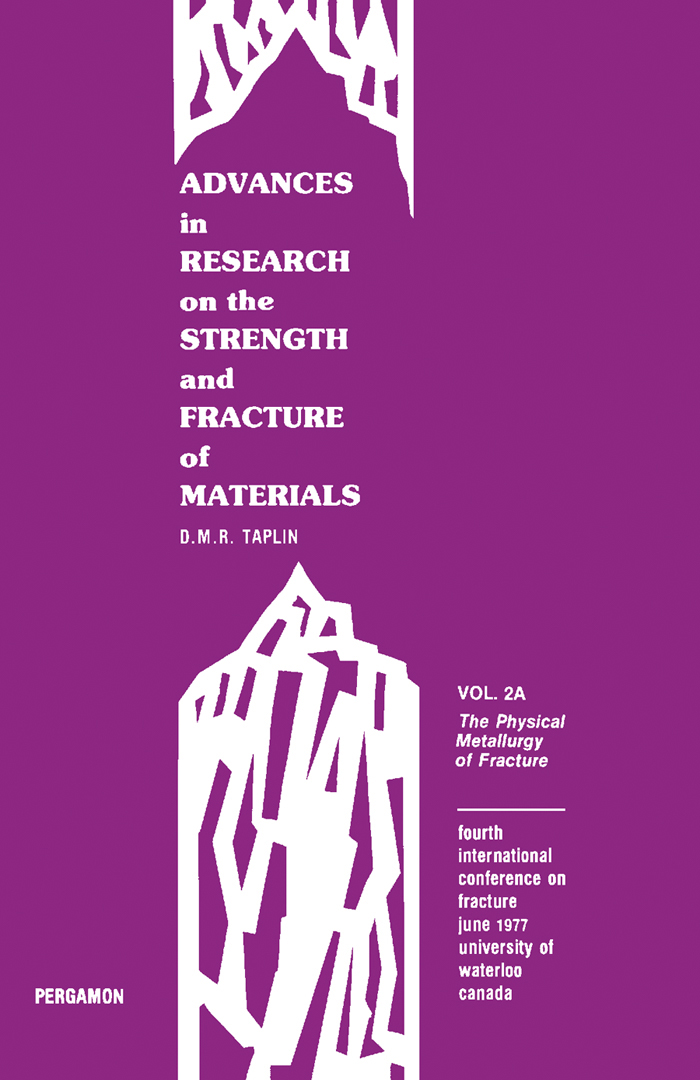
The Physical Metallurgy of Fracture Advances in Research on the Strength and Fracture of Materials: Volume 2As—The Physical Metallurgy of Fracture contains the proceedings of the Fourth International Conference on Fracture, held at the University of Waterloo, Canada, in June 1977. The papers review the state of the art with respect to the physical metallurgy of fracture in a wide range of materials such as metals, alloys, and structural steels. This volume is comprised of 85 chapters and opens by discussing the effect of grain size on the fracture of steel, aluminum alloys, and other materials. The influence of Mn additions on the fracture behavior of an Al-Mg-Si alloy is also considered, along with crack propagation in austenitic sheets. The next sections focus on the effect of phase transformation on the tensile fracture of austenitic stainless steel; atomistic simulation of the ductile/brittle transition; the effect of microstructure on fracture of a high toughness titanium alloy; and the effect of metallurgy on stress corrosion cracking and hydrogen embrittlement of ultra high strength steels. The remaining chapters are devoted to creep in materials such as Cr-Mo-V steels and titanium alloys. This monograph will be a useful resource for metallurgists, materials scientists, and structural and mechanical engineers. TECHNOLOGY & ENGINEERING,Engineering (General)
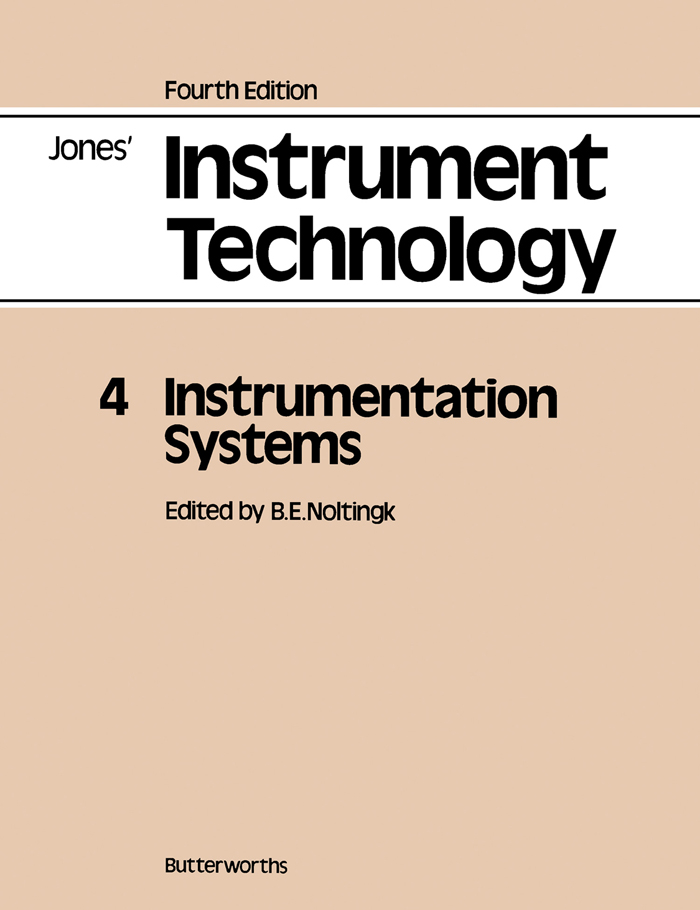
Instrumentation Systems Jones' Instrument Technology, Volume 4: Instrumentation Systems is an installment of a book series on instrument technology. This volume deals with matters that are most common to all instruments and differs from the previous volumes in terms of length and practical or theoretical content. Chapter 1 gives insights into the types of components and construction used in commercial instrumentation. This chapter also includes topics such as instrument design, construction process, and its mechanical instruments. Chapter 2 discusses instrument's installation and management, along with several important notes. This chapter also includes discussions on instrument piping, cabling, earthing, and testing. In Chapter 3, the topic shifts to why instrument sampling is important, whether it is solid, liquid, gas, or a mix of any of the three. Chapter 4 revolves around the application of electronic signal-processing techniques to transducers and instruments. The next few chapters of this book cover telemetry, display and recording, and pneumatic instrumentation. The last two chapters talk about the reliability and safeness. This book serves as a great reference for people who are interested in learning instrument technology. TECHNOLOGY & ENGINEERING,Engineering (General)
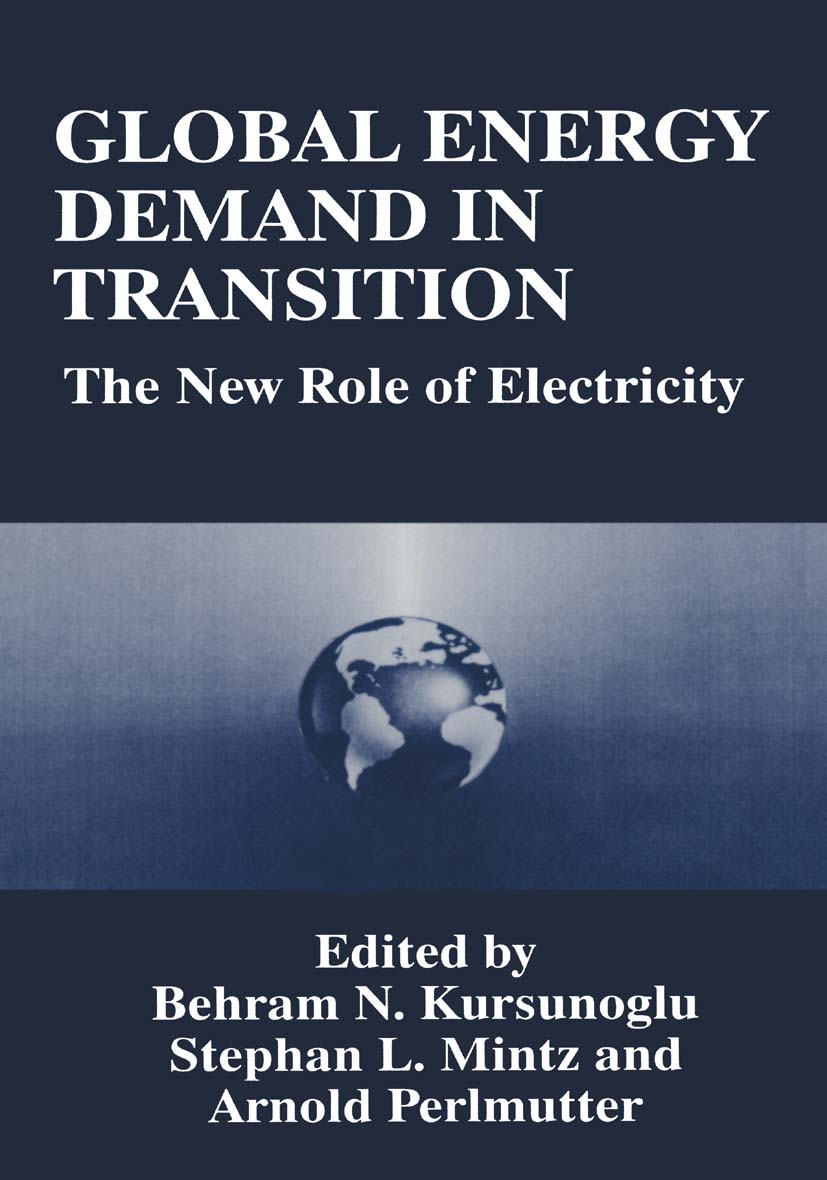
Global Energy Demand in Transition The annual conferences on energy, which were begun in 1977, continued to 1992 and resumed again in 1994. The theme of the 1994 conference was "Global Energy Demand in Transition: The New Role ofElectricity. " Global energy production, distribution, and utilization is in astate of transition toward an increased and more diversified use of electricity, which is the safest, most versatile, and cleanest form of secondary energy. Electricity is easy to generate, transmit, and distribute, making its use practically universal. These facts make it urgent to explore the technological prospects and long term availability of environmentally benign energy sources for generating electricity. It is expected that the conference will be useful to the governments in formulating their energy policies and to the public utilities for their long term planning. The conference has: 1) assessed the increase and diversification in the use of electricity; 2) assessed the technological prospects for clean energy sources that still require more research and development, i. e. solar, hydrogen, nuclear (fission and fusion), etc. ; 3) assessed the roles of non-market factors and possible improved decision processes on energy and environmental issues; 4) made concrete recommendations regarding research and development policies and regulations to expedite the transition to a dependable, safer, and benign electricity-based energy complex; 5) studied the cost impact: price, environment, safety, and international security; 6) provided an analysis of an expected transition from the fossil fuel transportation to electrical transportation (e. g. TECHNOLOGY & ENGINEERING,Engineering (General)

Fractals in the Earth Sciences Fractals have changed the way we understand and study nature. This change has been brought about mainly by the work of B. B. Mandelbrot and his book The Fractal Geometry of Nature. Now here is a book that collects articles treating fractals in the earth sciences. The themes chosen span, as is appropriate for a discourse on fractals, many orders of magnitude; including earthquakes, ocean floor topography, fractures, faults, mineral crystallinity, gold and silver deposition. There are also chapters on dynamical processes that are fractal, such as rivers, earthquakes, and a paper on self-organized criticality. Many of the chapters discuss how to estimate fractal dimensions, Hurst exponents, and other scaling exponents. This book, in a way, represents a snapshot of a field in which fractals has brought inspiration and a fresh look at familiar subjects. New ideas and attempts to quantify the world we see around us are found throughout. Many of these ideas will grow and inspire further work, others will be superseded by new observations and insights, most probably with future contributions by the authors of these chapters. TECHNOLOGY & ENGINEERING,Engineering (General)
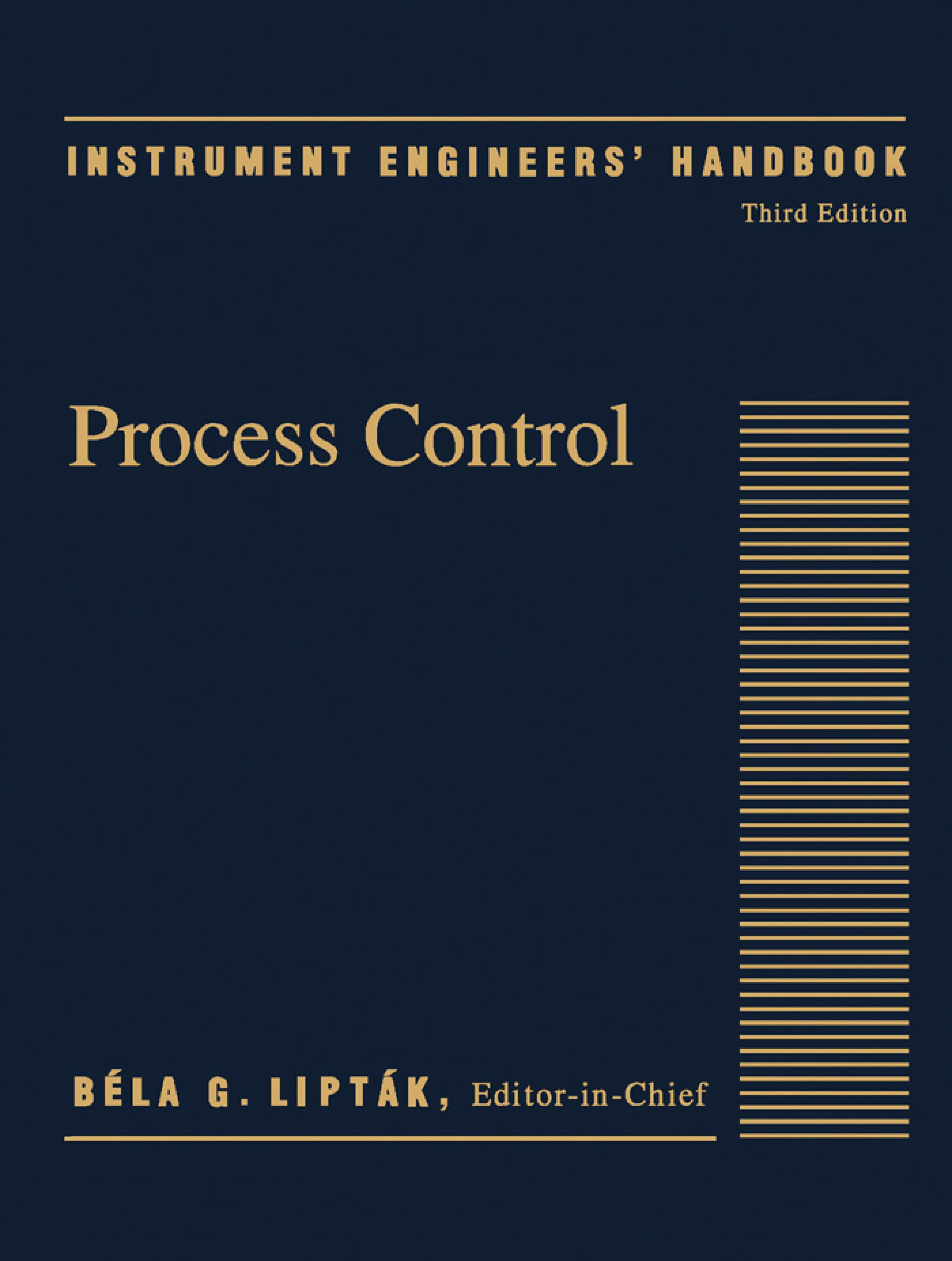
Process Control Instrument Engineers' Handbook, Third Edition: Process Control provides information pertinent to control hardware, including transmitters, controllers, control valves, displays, and computer systems. This book presents the control theory and shows how the unit processes of distillation and chemical reaction should be controlled. Organized into eight chapters, this edition begins with an overview of the method needed for the state-of-the-art practice of process control. This text then examines the relative merits of digital and analog displays and computers. Other chapters consider the basic industrial annunciators and other alarm systems, which consist of multiple individual alarm points that are connected to a trouble contact, a logic module, and a visual indicator. This book discusses as well the data loggers available for process control applications. The final chapter deals with the various pump control systems, the features and designs of variable-speed drives, and the metering pumps. This book is a valuable resource for engineers. TECHNOLOGY & ENGINEERING,Engineering (General)

Boundary Element Methods The Boundary Element Methods (BEM) has become one of the most efficient tools for solving various kinds of problems in engineering science. The International Association for Boundary Element Methods (IABEM) was established in order to promote and facilitate the exchange of scientific ideas related to the theory and applications of boundary element methods. The aim of this symposium is to provide a forum for researchers in boundary element methods and boundary-integral formulations in general to present contemporary concepts and techniques leading to the advancement of capabilities and understanding of this com putational methodology. The topics covered in this symposium include mathematical and computational aspects, applications to solid mechanics, fluid mechanics, acoustics, electromagnetics, heat transfer, optimization, control, inverse problems and other interdisciplinary problems. Papers deal ing with the coupling of the boundary element method with other computational methods are also included. The editors hope that this volume presents some innovative techniques and useful knowl edge for the development of the boundary element methods. February, 1992 S. Kobayashi N. Nishimura Contents Abe, K. TECHNOLOGY & ENGINEERING,Engineering (General)
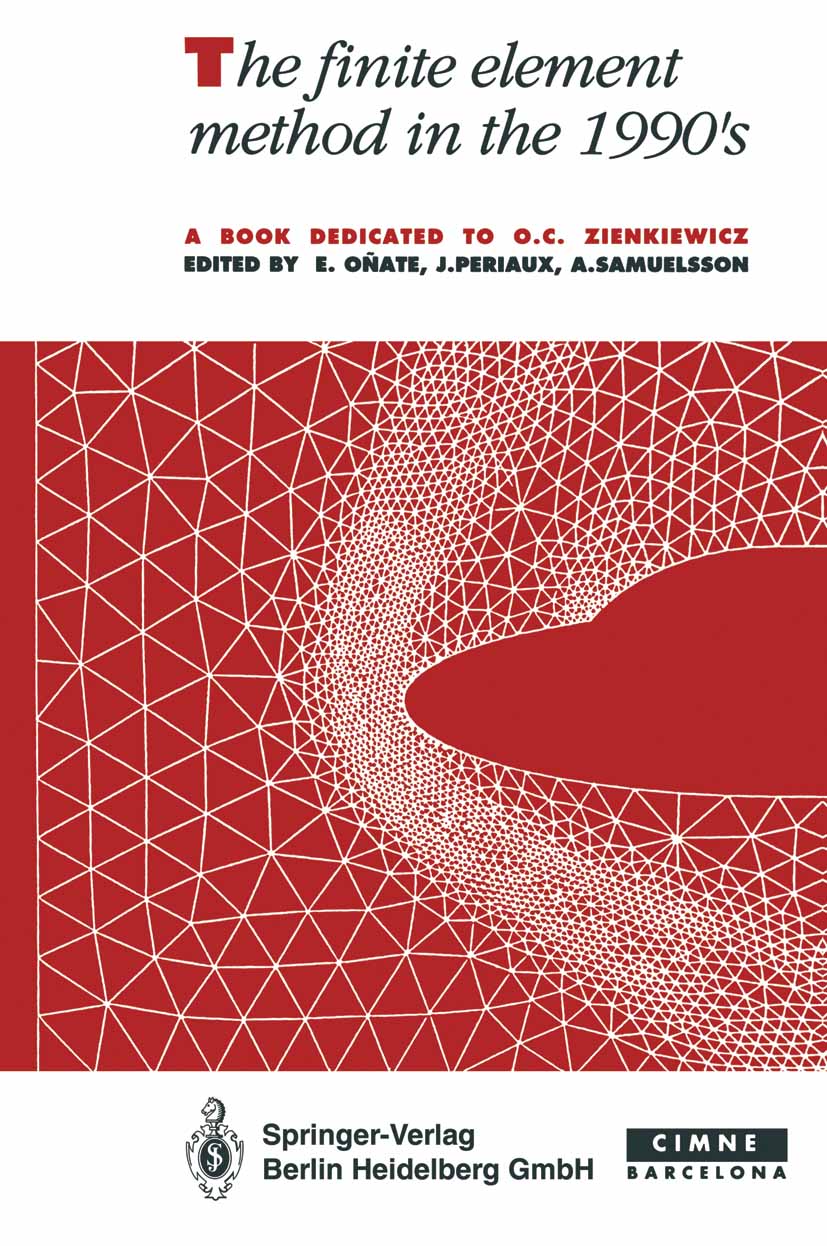
The finite element method in the 1990’s Edited on the occasion of Prof. Olgierd C. Zienkiewicz' 70thbirthday, this book contains original contributions fromeminent scientists dealing with a wide range of theoreticalaspects of the Finite Element Method and its application toa variety of engineering problems. The book provides anoverview of the state-of-the-art of finite elementtechnology in the last decade of the 20th century. TECHNOLOGY & ENGINEERING,Engineering (General)
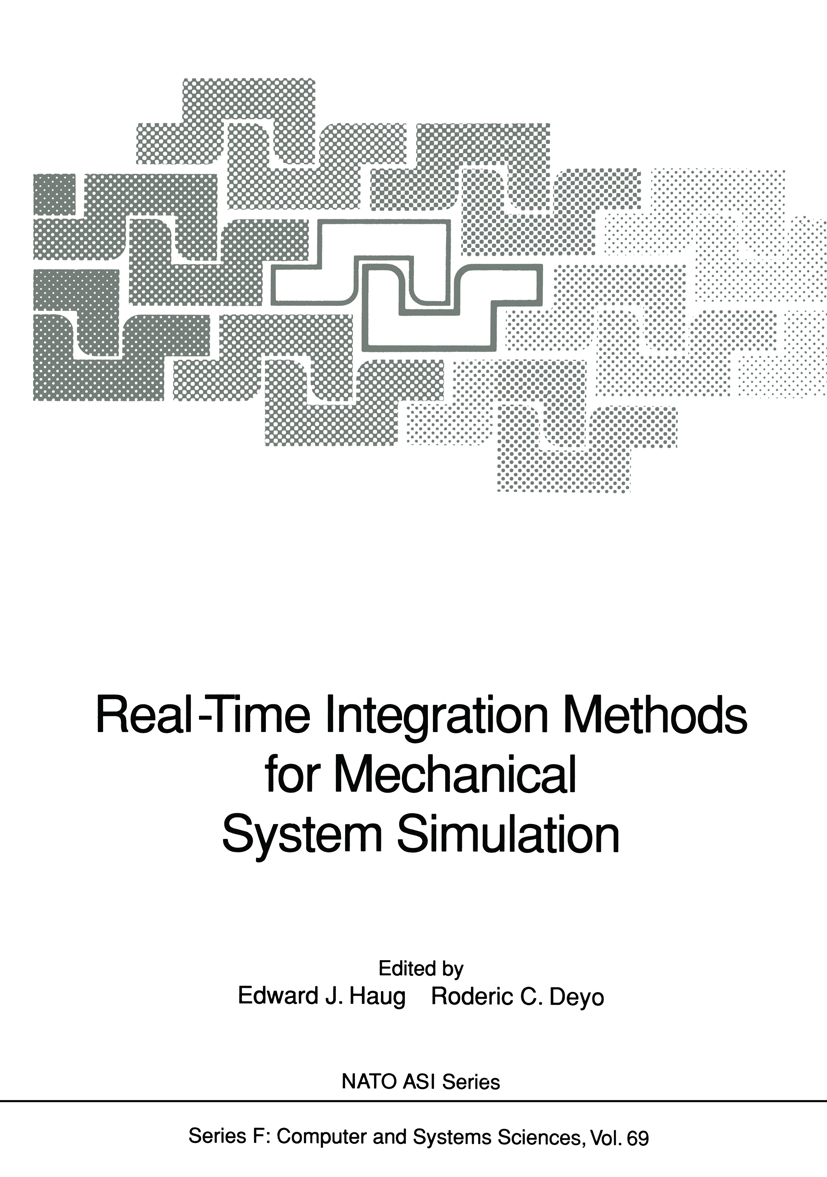
Real-Time Integration Methods for Mechanical System Simulation Proceedings of the NATO Advanced Research Workshop on Real- Time Integration Methods for Mechanical System Simulation, held in Snowbird, Utah, USA, August 7-11, 1989 TECHNOLOGY & ENGINEERING,Engineering (General)
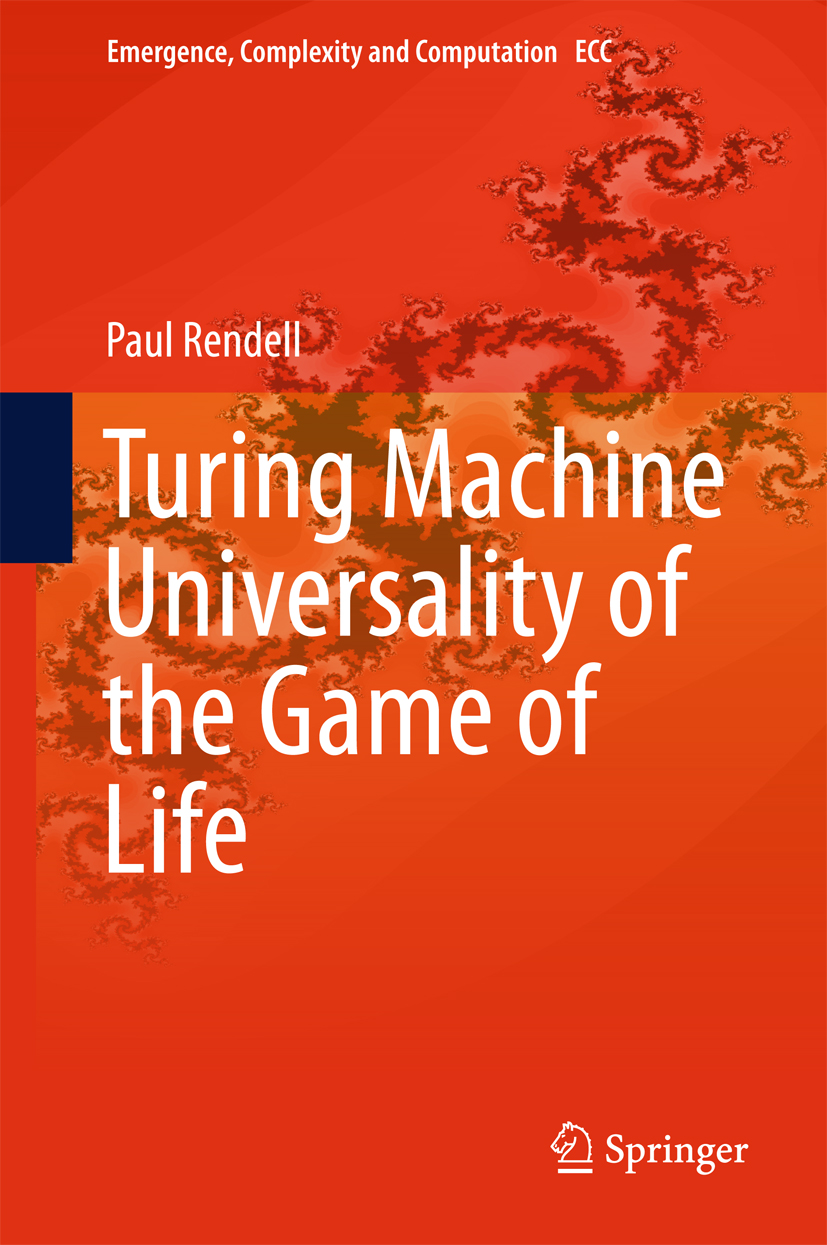
Turing Machine Universality of the Game of Life This book presents a proof of universal computation in the Game of Life cellular automaton by using a Turing machine construction. It provides an introduction including background information and an extended review of the literature for Turing Machines, Counter Machines and the relevant patterns in Conway's Game of Life so that the subject matter is accessibly to non specialists. The book contains a description of the author’s Turing machine in Conway’s Game of Life including an unlimited storage tape provided by growing stack structures and it also presents a fast universal Turing machine designed to allow the working to be demonstrated in a convenient period of time. TECHNOLOGY & ENGINEERING,Engineering (General)
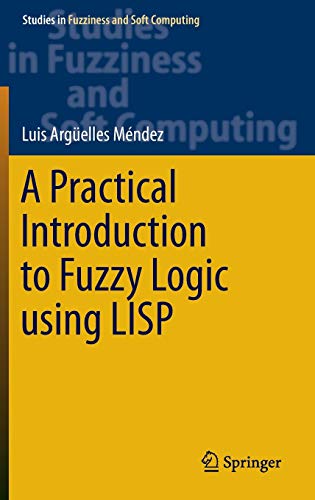
A Practical Introduction to Fuzzy Logic using LISP This book makes use of the LISP programming language to provide readers with the necessary background to understand and use fuzzy logic to solve simple to medium-complexity real-world problems. It introduces the basics of LISP required to use a Fuzzy LISP programming toolbox, which was specifically implemented by the author to “teach†the theory behind fuzzy logic and at the same time equip readers to use their newly-acquired knowledge to build fuzzy models of increasing complexity. The book fills an important gap in the literature, providing readers with a practice-oriented reference guide to fuzzy logic that offers more complexity than popular books yet is more accessible than other mathematical treatises on the topic. As such, students in first-year university courses with a basic tertiary mathematical background and no previous experience with programming should be able to easily follow the content. The book is intended for students and professionals in the fields of computer science and engineering, as well as disciplines including astronomy, biology, medicine and earth sciences. Software developers may also benefit from this book, which is intended as both an introductory textbook and self-study reference guide to fuzzy logic and its applications. The complete set of functions that make up the Fuzzy LISP programming toolbox can be downloaded from a companion book’s website. TECHNOLOGY & ENGINEERING,Engineering (General)

Cybernetics This book is a concise navigator across the history of cybernetics, its state-of-the-art and prospects. The evolution of cybernetics (from N. Wiener to the present day) and the reasons of its ups and downs are presented. The correlation of cybernetics with the philosophy and methodology of control, as well as with system theory and systems analysis is clearly demonstrated. The book presents a detailed analysis focusing on the modern trends of research in cybernetics. A new development stage of cybernetics (the so-called cybernetics 2.0) is discussed as a science on general regularities of systems organization and control. The author substantiates the topicality of elaborating a new branch of cybernetics, i.e. organization theory which studies an organization as a property, process and system. The book is intended for theoreticians and practitioners, as well as for students, postgraduates and doctoral candidates. In the first place, the target audience includes tutors and lecturers preparing courses on cybernetics, control theory and systems science. TECHNOLOGY & ENGINEERING,Engineering (General)
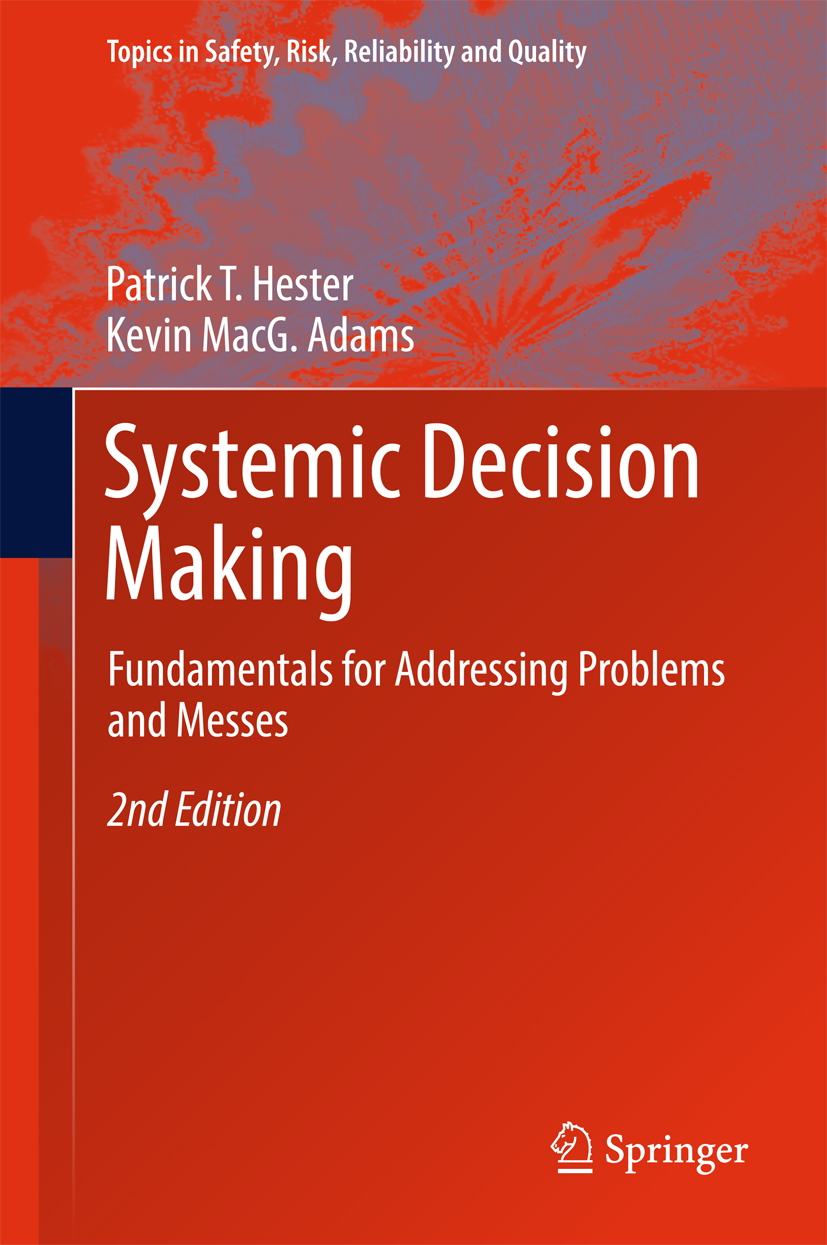
Systemic Decision Making This expanded second edition of the 2014 textbook features dedicated sections on action and observation, so that the reader can combine the use of the developed theoretical basis with practical guidelines for deployment. It also includes a focus on selection and use of a dedicated modeling paradigm – fuzzy cognitive mapping – to facilitate use of the proposed multi-methodology. The end goal of the text is a holistic, interdisciplinary approach to structuring and assessing complex problems, including a dedicated discussion of thinking, acting, and observing complex problems. The multi-methodology developed is scientifically grounded in systems theory and its accompanying principles, while the process emphasizes the nonlinear nature of all complex problem-solving endeavors. The authors’ clear and consistent chapter structure facilitates the book’s use in the classroom. TECHNOLOGY & ENGINEERING,Engineering (General)

MATLAB Programming for Biomedical Engineers and Scientists MATLAB Programming for Biomedical Engineers and Scientists provides an easy-to-learn introduction to the fundamentals of computer programming in MATLAB. This book explains the principles of good programming practice, while demonstrating how to write efficient and robust code that analyzes and visualizes biomedical data. Aimed at the biomedical engineer, biomedical scientist, and medical researcher with little or no computer programming experience, it is an excellent resource for learning the principles and practice of computer programming using MATLAB. This book enables the reader to: Analyze problems and apply structured design methods to produce elegant, efficient and well-structured program designs Implement a structured program design in MATLAB, making good use of incremental development approaches Write code that makes good use of MATLAB programming features, including control structures, functions and advanced data types Write MATLAB code to read in medical data from files and write data to files Write MATLAB code that is efficient and robust to errors in input data Write MATLAB code to analyze and visualize medical data, including imaging data For a firsthand interview with the authors, please visit http://scitechconnect.elsevier.com/matlab-programming-biomedical-engineers-scientists/ To access student materials, please visit https://www.elsevier.com/books-and-journals/book-companion/9780128122037 To register and access instructor materials, please visit http://textbooks.elsevier.com/web/Manuals.aspx?isbn=9780128122037 Many real world biomedical problems and data show the practical application of programming concepts Two whole chapters dedicated to the practicalities of designing and implementing more complex programs An accompanying website containing freely available data and source code for the practical code examples, activities, and exercises in the book For instructors, there are extra teaching materials including a complete set of slides, notes for a course based on the book, and course work suggestions TECHNOLOGY & ENGINEERING,Engineering (General)
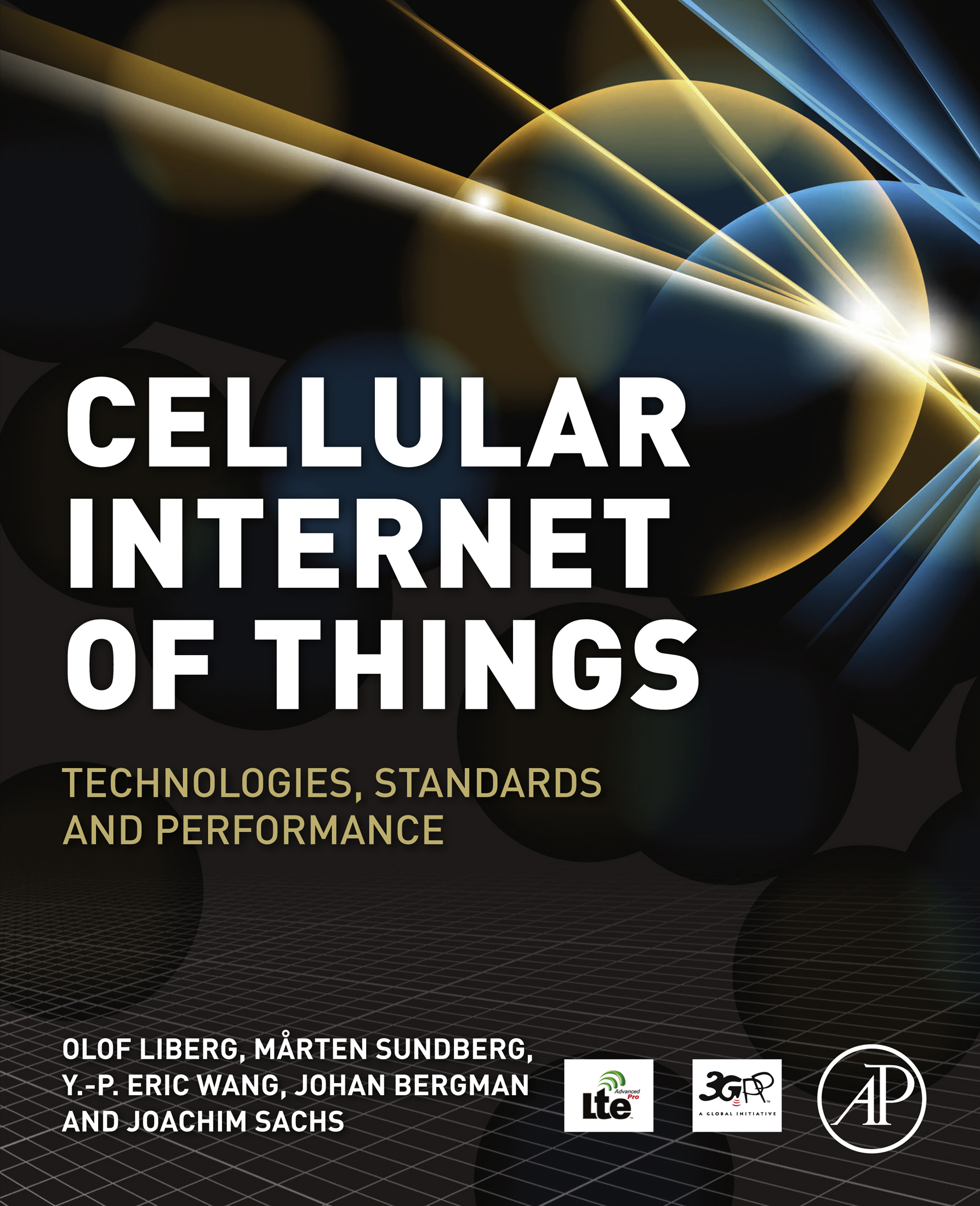
Cellular Internet of Things Cellular Internet of Things: Technologies, Standards and Performance gives insight into the recent work performed by the 3rd Generation Partnership Project (3GPP) to develop systems for the Cellular Internet of Things. It presents both the design of the new Narrowband Internet of Things (NB-IoT) technology and how GSM and LTE have evolved to provide Cellular Internet of Things services. The criteria used for the design and objectives of the standardization work are explained, and the technical details and performance of each technology is presented. This book discusses the overall competitive landscape for providing wireless connectivity, also introducing the most promising technologies in the market. Users will learn how cellular systems work and how they can be designed to cater to challenging new requirements that are emerging in the telecom industry, what the physical layers and procedures in idle and connected mode look like in EC-GSM-IoT, LTE-M, and NB-IoT, and what the expected performance of these new systems is in terms of expected coverage, battery lifetime, data throughput, access delay time and device cost. Learn: How cellular systems work, and how they can be designed to cater for challenging new requirements emerging in the telecom industry. How the physical layers and the procedures in idle and connected mode look like in EC-GSM-IoT, LTE-M, and NB-IoT. What the expected performance of these new systems is in terms of expected coverage, battery lifetime, data throughput, access delay time, and device cost. How the Low-Power-Wide-Area IoT market segment looks like and how different available solutions compare in terms of performance and compatibility with already existing radio networks. What system capacity and network level performance can be achieved when deploying these new systems, and in addition what deployment options are possible. Provides a detailed introduction to the EC-GSM-IoT, LTE-M and NB-IoT technologies Presents network performance of the 3GPP cellular technologies, along with an analysis of the performance of non-cellular alternatives operating in unlicensed spectrum Includes prediction of true performance levels using state-of-the-art simulation models developed in the 3GPP standardization process TECHNOLOGY & ENGINEERING,Engineering (General)
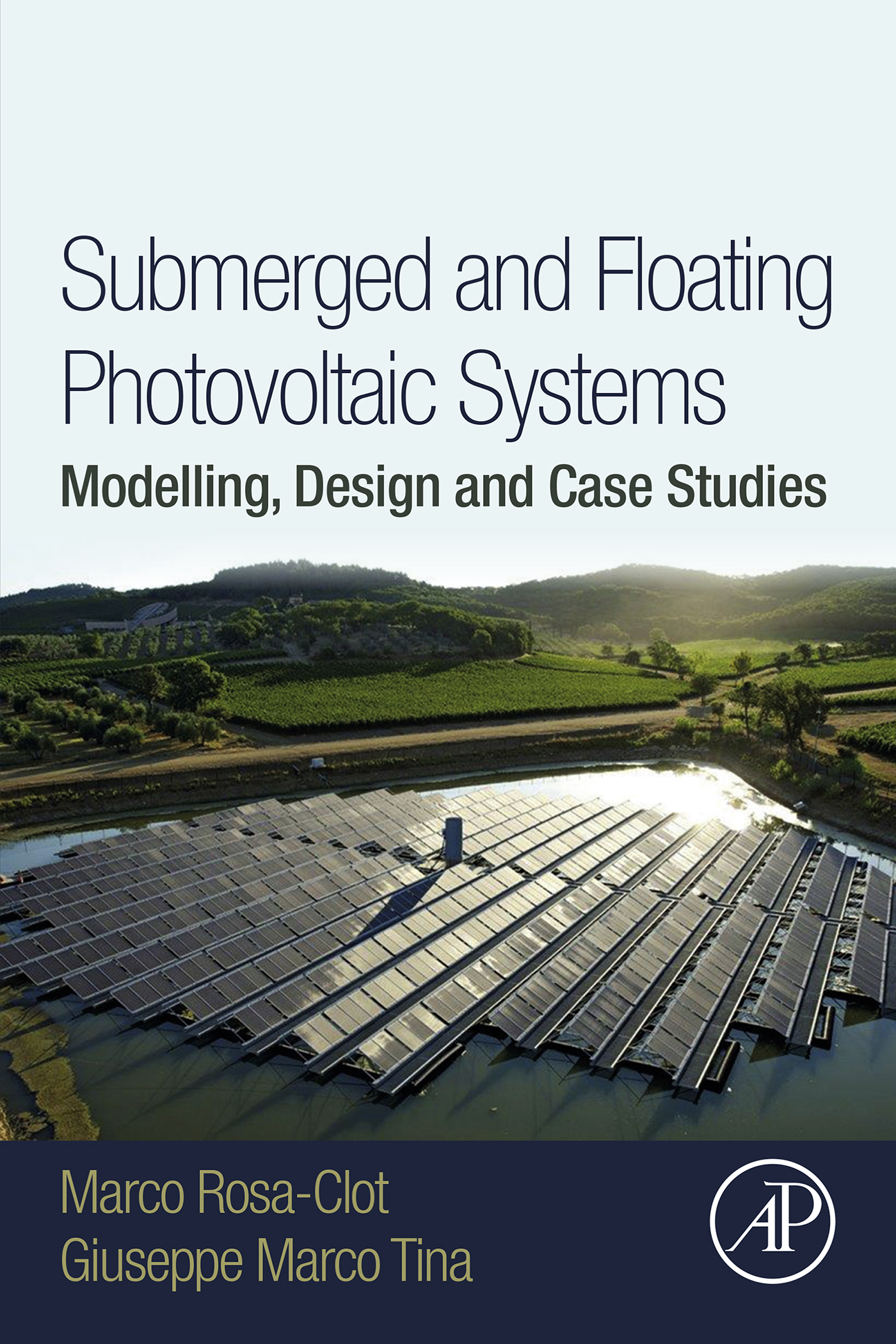
Submerged and Floating Photovoltaic Systems Submerged and Floating Photovoltaic Systems: Modelling, Design and Case Studies investigates how the use of photovoltaic systems in and on the water can create a positive synergy by increasing the cost effectiveness of PV systems, satisfying the local energy demand and creating positive effects on water. Tina and Rosa-Clot combine their wealth of experience to present a theoretical, numerical, experimental and design-focused analysis of water-integrated PV systems. The book is dedicated to providing a very accessible and understandable analysis of the theoretical and modeling aspects of these PV systems. The authors explore and analyze many existing projects and case studies which provide the reader with an understanding of common design and installation problems, as well as a thorough economic study to help the reader justify the adoption of this very clean method of creating renewable energy. Investigates the installation of photovoltaic systems and storage systems over and under the water’s surface Offers theoretical and practical explanations of how to study, analyze and design photovoltaic energy systems which are complemented by MATLAB simulations for an enhanced learning experience Considers how the use of submerged and floating photovoltaic systems can work to fulfill domestic energy demand TECHNOLOGY & ENGINEERING,Engineering (General)
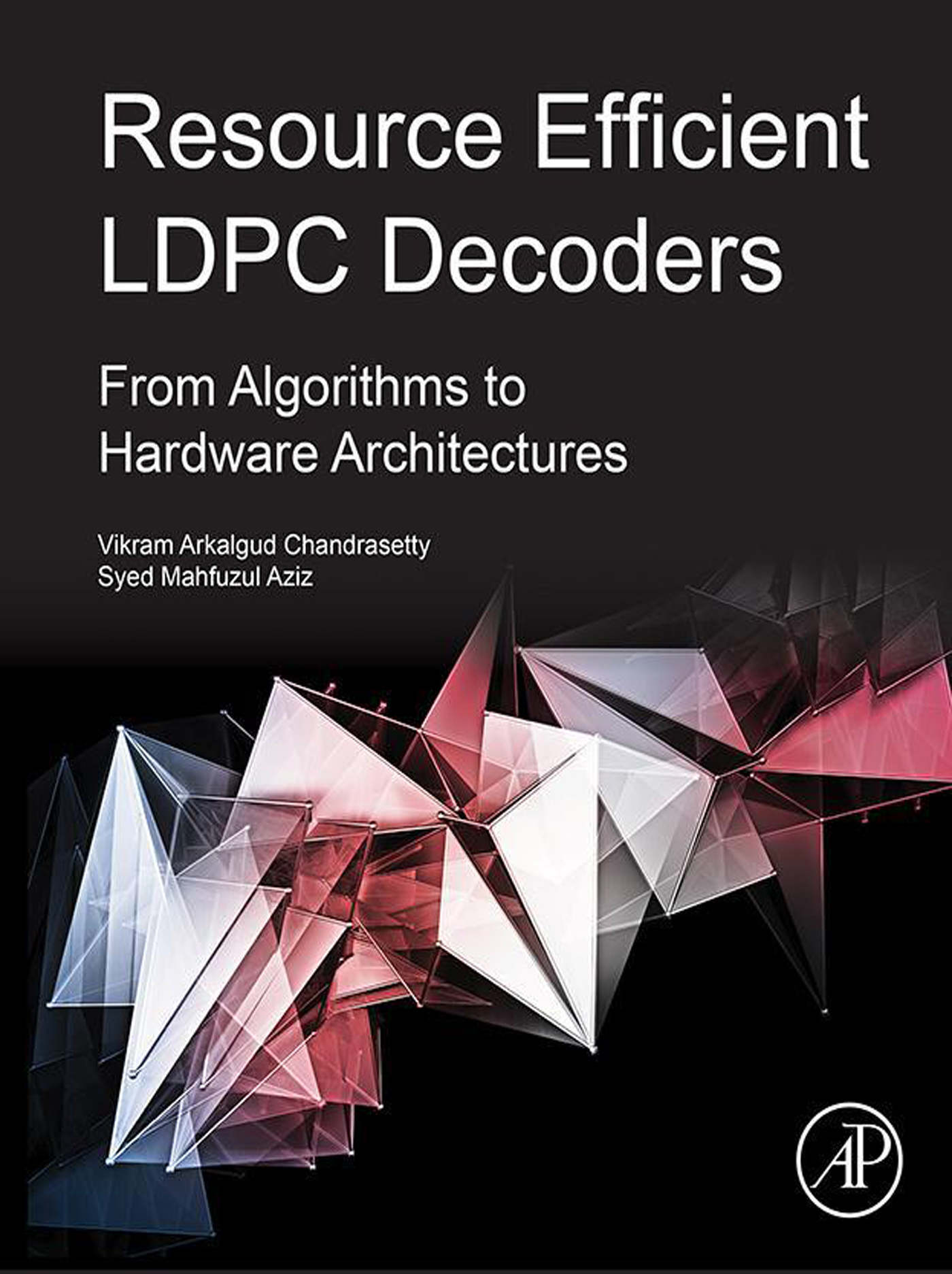
Resource Efficient LDPC Decoders This book takes a practical hands-on approach to developing low complexity algorithms and transforming them into working hardware. It follows a complete design approach – from algorithms to hardware architectures - and addresses some of the challenges associated with their design, providing insight into implementing innovative architectures based on low complexity algorithms. The reader will learn: Modern techniques to design, model and analyze low complexity LDPC algorithms as well as their hardware implementation How to reduce computational complexity and power consumption using computer aided design techniques All aspects of the design spectrum from algorithms to hardware implementation and performance trade-offs Provides extensive treatment of LDPC decoding algorithms and hardware implementations Gives a systematic guidance, giving a basic understanding of LDPC codes and decoding algorithms and providing practical skills in implementing efficient LDPC decoders in hardware Companion website containing C-Programs and MATLAB models for simulating the algorithms, and Verilog HDL codes for hardware modeling and synthesis TECHNOLOGY & ENGINEERING,Engineering (General)
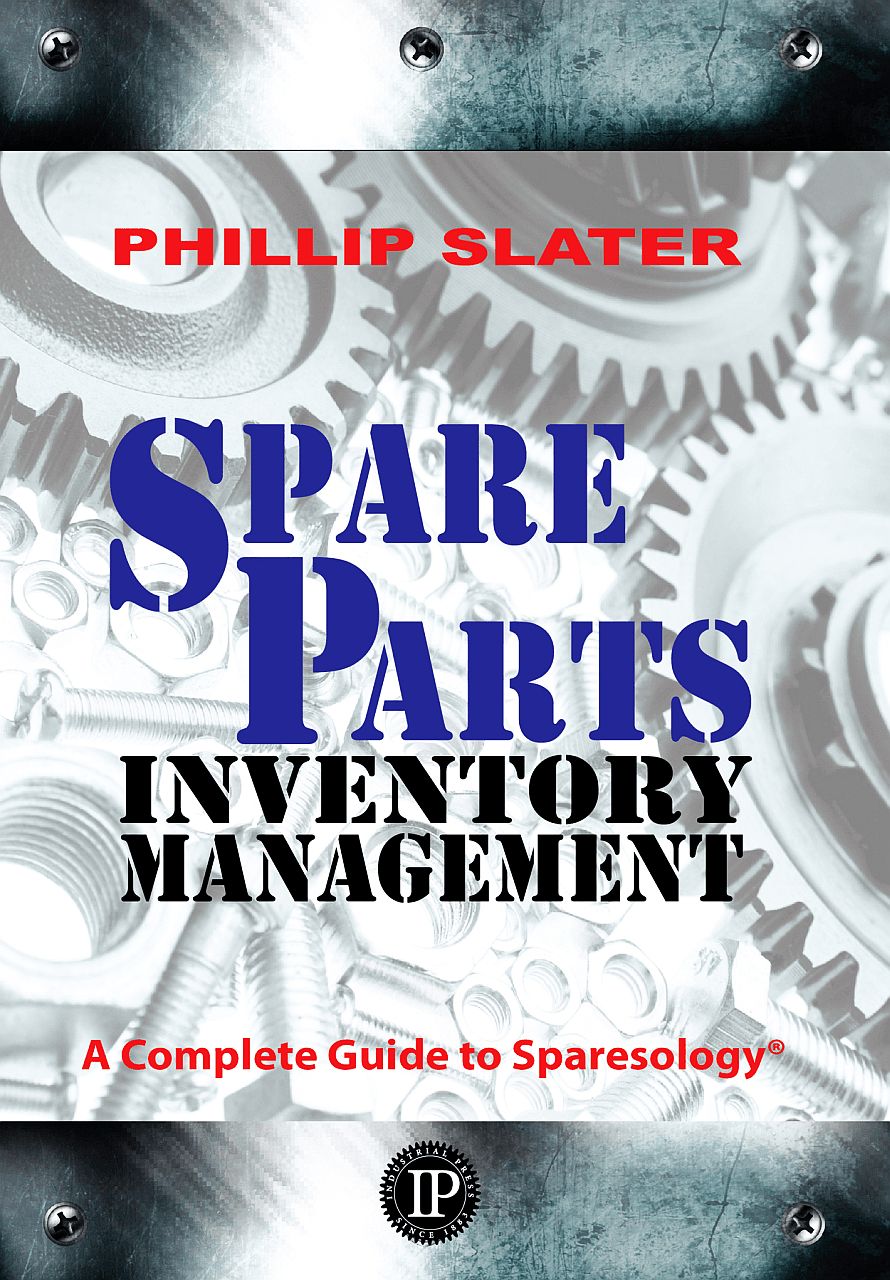
Spare Parts Inventory Management Overview No previous works have focused on the topic of inventory reduction and optimization to the extent that this one does. Spare Parts Inventory Management: A Complete Guide to Sparesology™ by Philip Slater covers the whole part’s life cycle, from initial purchase to final disposal, and addresses issues throughout, including maintenance, repair, and overhaul (MRO). The author, Phillip Slater, was described in a recent podcast as “truly one of the leaders in the MRO information segment.†Sparesology is a term coined by Slater to describe the discipline of optimizing the physical, financial, and human resource management processes of spare parts inventory management. Sparesology is much more than just inventory optimization. It involves an understanding of the complete “ecosystem,†within which the spare parts inventory is managed, and seeks to ensure that all of the factors influencing this management work together to achieve an organization’s goals. TECHNOLOGY & ENGINEERING,Engineering (General)
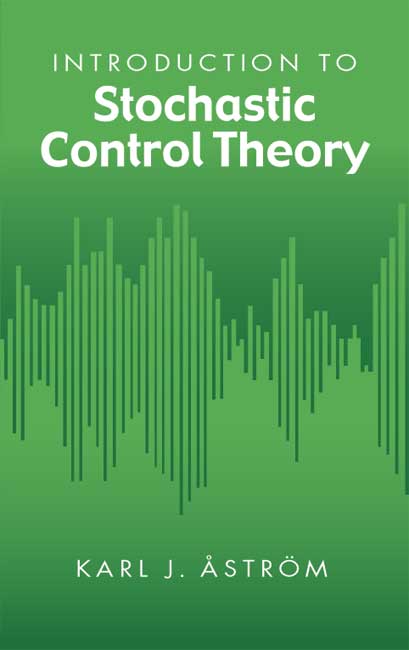
Introduction to Stochastic Control Theory Exploration of stochastic control theory in terms of analysis, parametric optimization, and optimal stochastic control. Limited to linear systems with quadratic criteria; covers discrete time and continuous time systems. 1970 edition. TECHNOLOGY & ENGINEERING,Engineering (General)
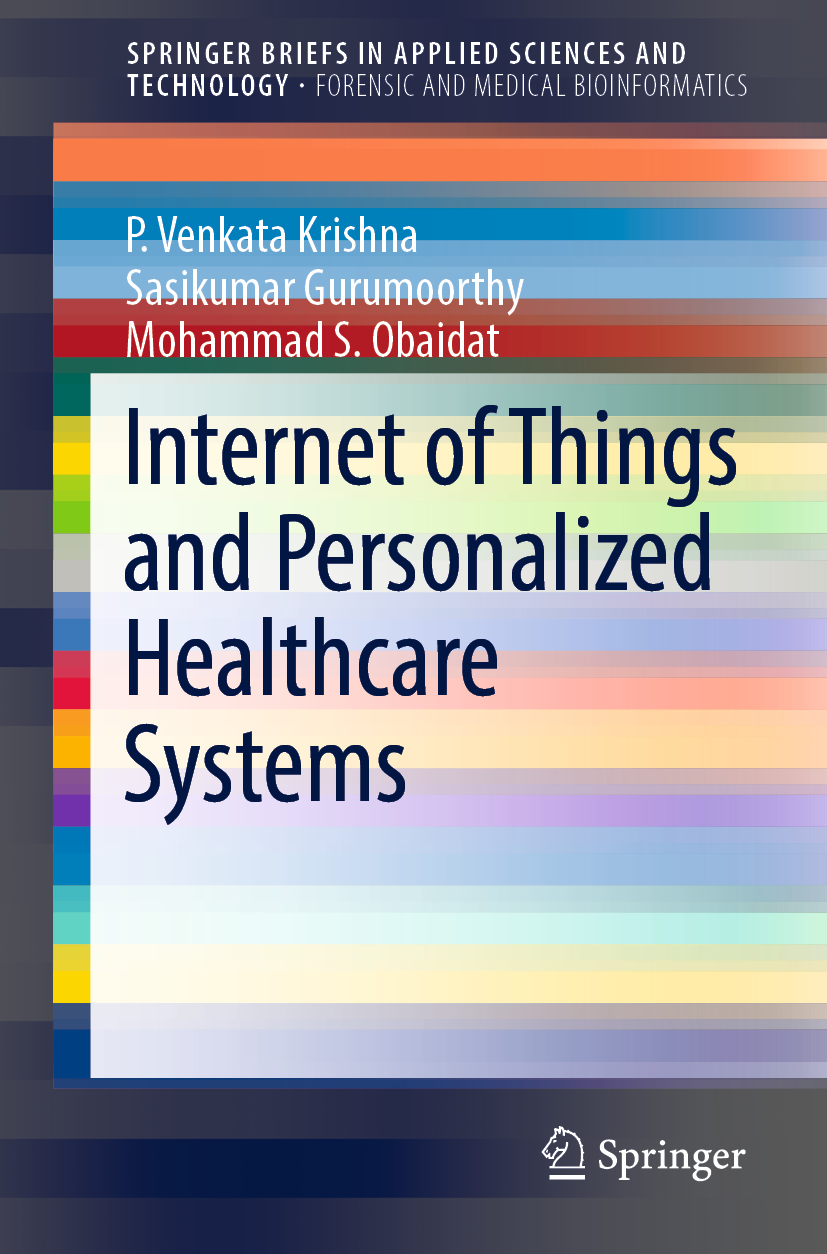
Internet of Things and Personalized Healthcare Systems This book highlights the issues and challenges in personalised healthcare systems. The individual chapters address different aspects of such systems, including the novel Internet of Things (IoT) system architectures in healthcare and emerging e-health based IoT applications. Moreover, the book investigates the impact of cutting-edge innovations on the IoT. TECHNOLOGY & ENGINEERING,Engineering (General)
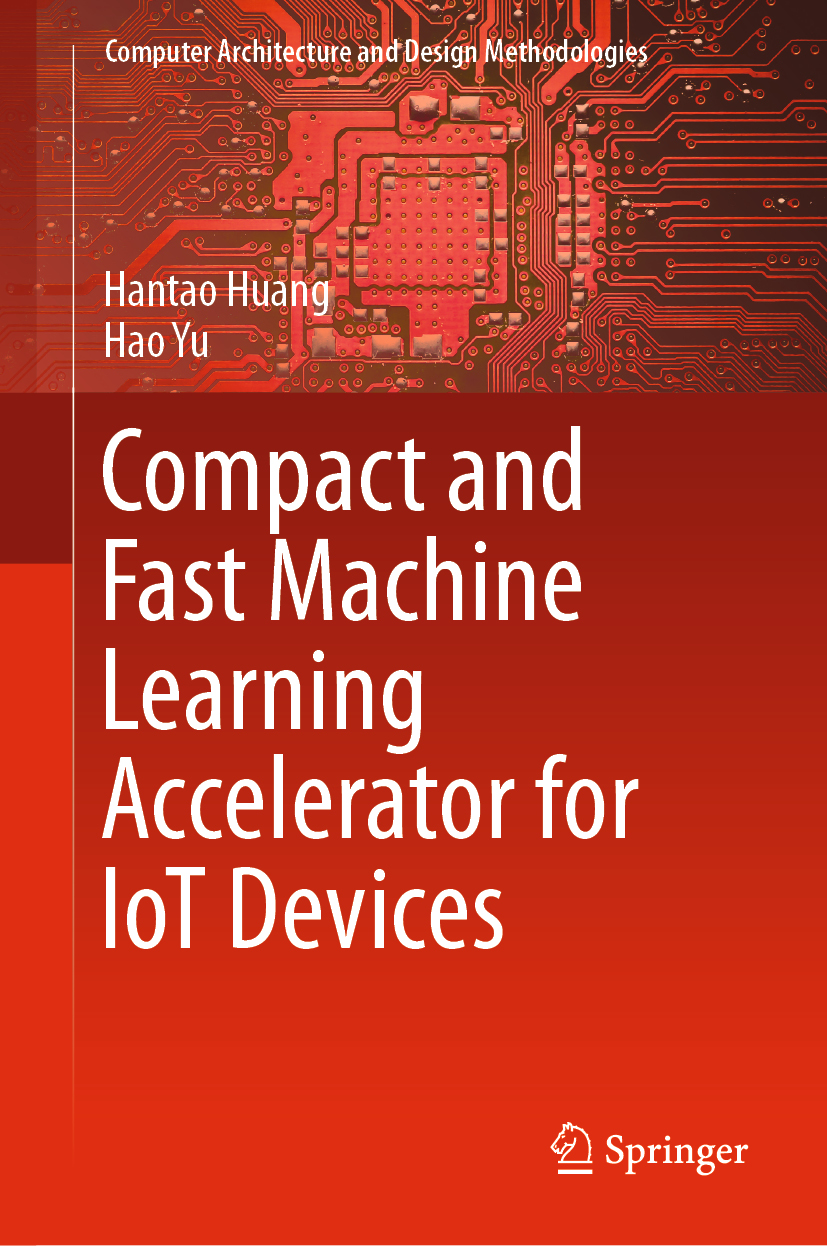
Compact and Fast Machine Learning Accelerator for IoT Devices This book presents the latest techniques for machine learning based data analytics on IoT edge devices. A comprehensive literature review on neural network compression and machine learning accelerator is presented from both algorithm level optimization and hardware architecture optimization. Coverage focuses on shallow and deep neural network with real applications on smart buildings. The authors also discuss hardware architecture design with coverage focusing on both CMOS based computing systems and the new emerging Resistive Random-Access Memory (RRAM) based systems. Detailed case studies such as indoor positioning, energy management and intrusion detection are also presented for smart buildings. TECHNOLOGY & ENGINEERING,Engineering (General)
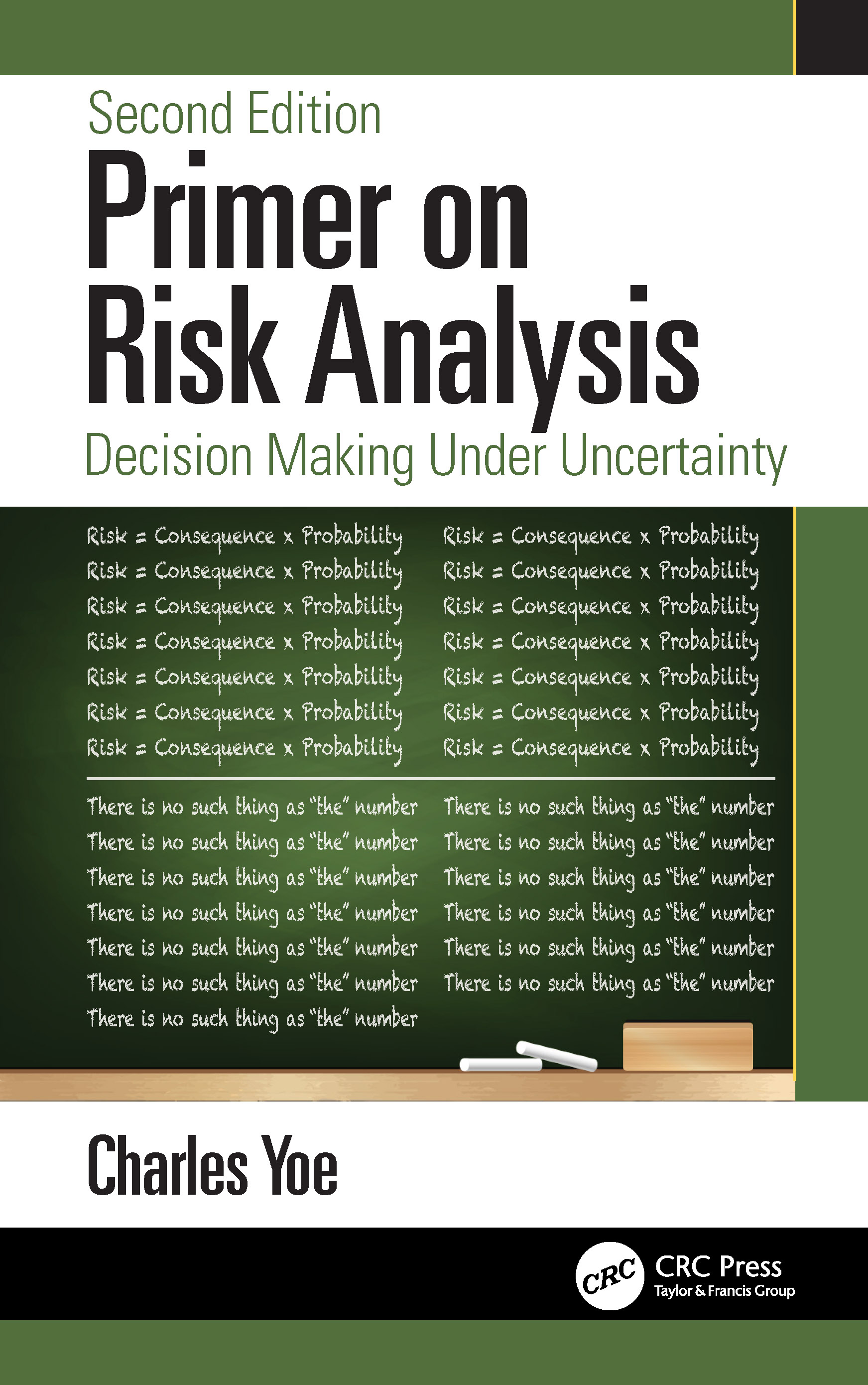
Primer on Risk Analysis Primer on Risk Analysis: Decision Making Under Uncertainty, Second Edition lays out the tasks of risk analysis in a straightforward, conceptual manner, tackling the question, "What is risk analysis?" Distilling the common principles of many risk dialects into serviceable definitions, it provides a foundation for the practice of risk management and decision making under uncertainty for professionals from all disciplines. New in this edition is an expanded risk management emphasis that includes an overview chapter on enterprise risk management and a chapter on decision making under uncertainty designed to help decision makers use the results of risk analysis in practical ways to improve decisions and their outcomes. This book will empower you to enter the world of risk management in your own domain of expertise by providing you with practical, insightful, useful and adaptable knowledge of risk analysis science including risk management, risk assessment, and risk communication. Features: Answers the fundamental question, "What is Risk Analysis?" Presents the tasks of risk management, risk assessment, and risk communication in a straightforward, conceptual manner Responds to the continuing evolution of risk science and addresses the language of risk as it continues to evolve Expands the risk management emphasis with a new chapter to serve private industry and a growing public sector interest in the growing practice of enterprise risk management Includes a new chapter on decision making under uncertainty provides practical guidance and ideas for using risk science to improve decisions and their outcomes Features an expanded set of examples of the risk process that demonstrate the growing applications of risk analysis This book is suitable for executives, professionals and students who seek a fundamental understanding of risk management, risk assessment, and risk communication. A more detailed examination of this topic, suitable for practitioners from any discipline as well as students and professionals who aspire to become experts in the practice of risk analysis science, is found in Principles of Risk Analysis: Decision Making Under Uncertainty, Second Edition, ISBN: 978-1-138-47820-6. TECHNOLOGY & ENGINEERING,Engineering (General)
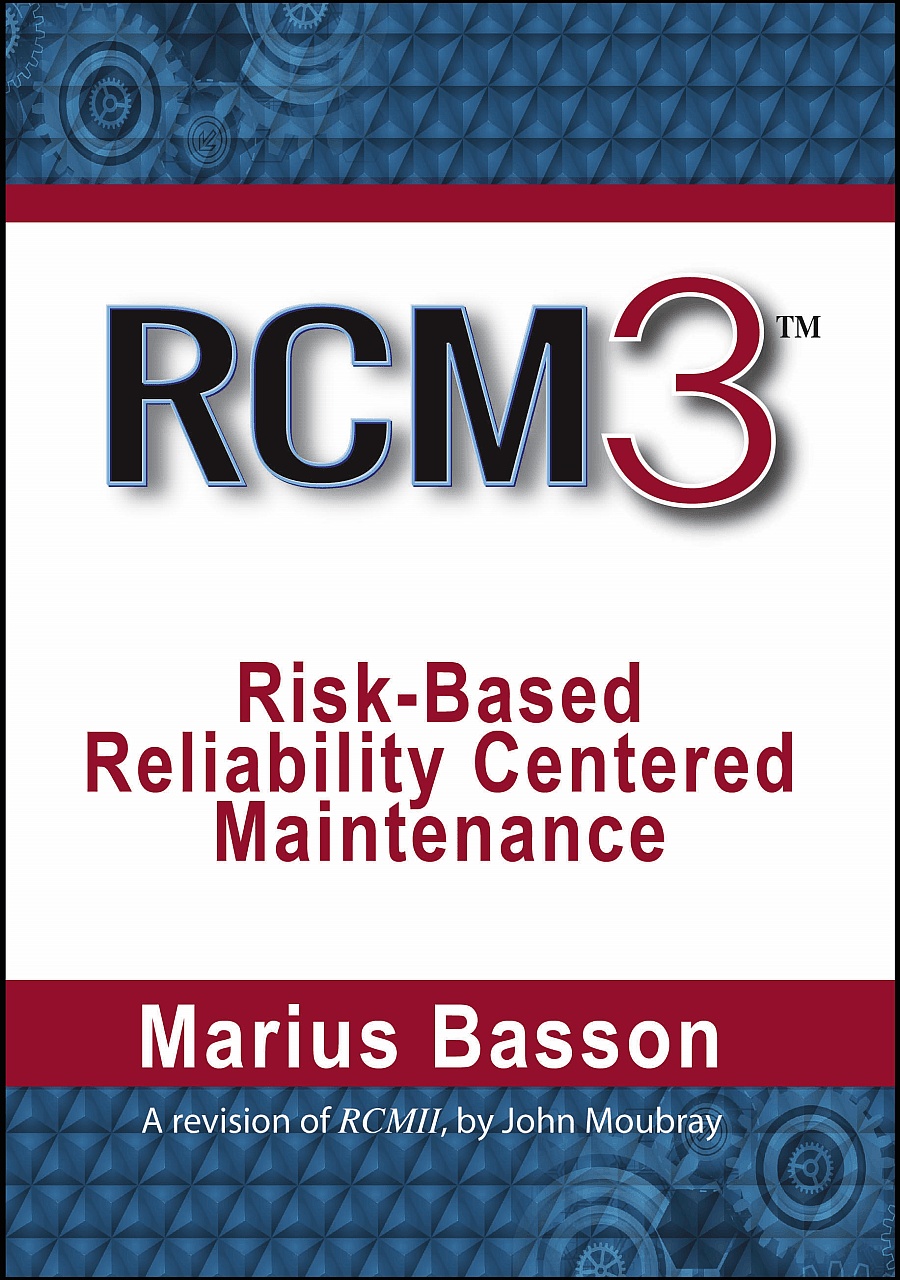
RCM3 The popular RCMII methodology has been around since the late ’90s, but it was what professionals call a consequence-based approach. This work represents a revision to that bestselling work, by John Moubray, with more modern thinking, an emphasis on a risk-based methodology, and alignment with International ISO standards (55000 and 31000). The result is a more holistic, integrated, and rigorous way for developing asset care and risk-mitigating strategies for physical assets. Since the release of the ISO 31000 and ISO 55000 Standards for Risk Management and Asset Management respectively, Aladon developed RCM3, a risk-based RCM methodology that places managing the risk and reliability of physical assets mainstream with other business management systems in an organization. RCM3 fully complies and exceeds the requirements of the SAEJA 1011 Standard and fully aligns with the frameworks of the ISO Standards. The new risk-based focus of RCM3 features the following principles: • The proactive management of physical and economic risks. • Updated approach for testing and managing of protective systems. • Based on the requirements of the fourth industrial revolution (Industry 4.0) and its challenges. • Covers new expectations and new maintenance techniques for fourth-generation maintenance. • Places reliability & risk management mainstream with organizational objectives and management systems. • Aligned and integrated with International ISO Standards for Physical Asset Management and Risk Management (ISO 55000 & ISO 31000). • Now part of an integrated asset strategy for full life-cycle management of physical assets. TECHNOLOGY & ENGINEERING,Engineering (General)
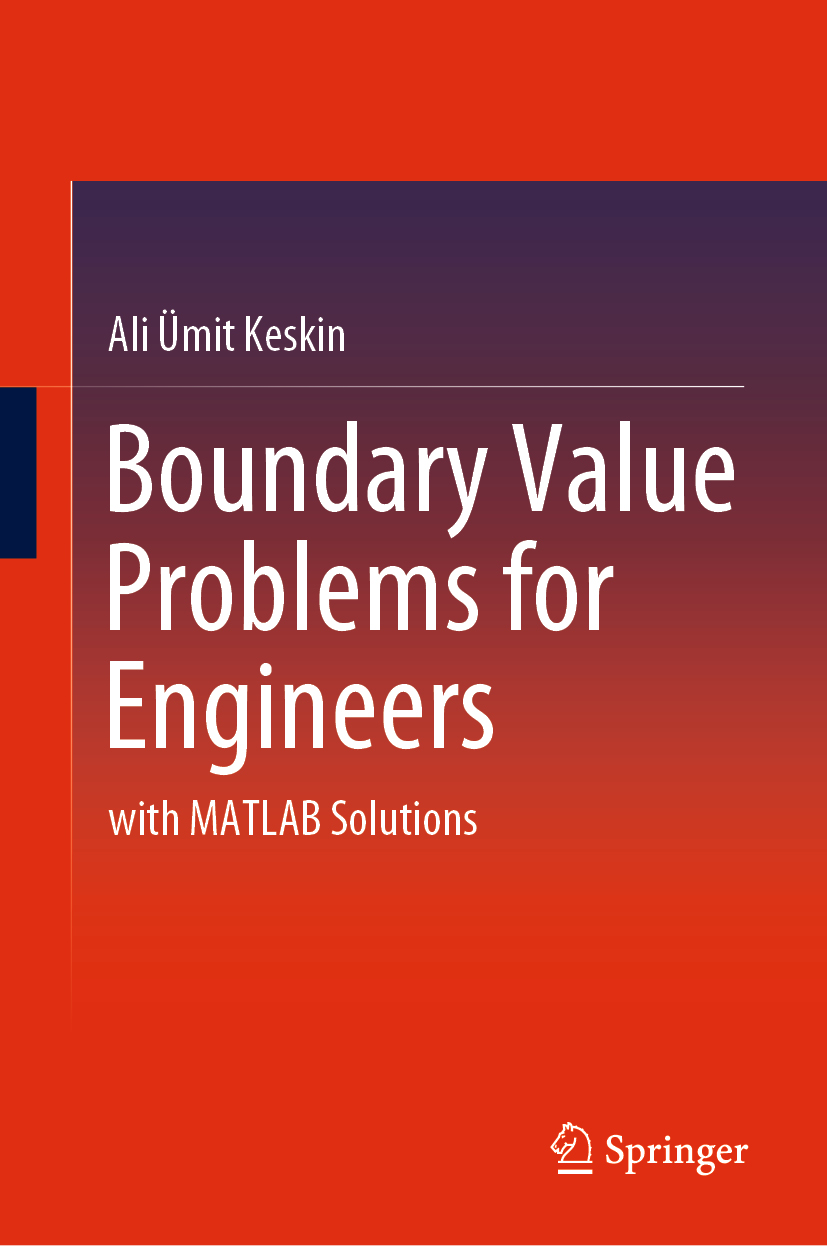
Boundary Value Problems for Engineers This book is designed to supplement standard texts and teaching material in the areas of differential equations in engineering such as in Electrical ,Mechanical and Biomedical engineering. Emphasis is placed on the Boundary Value Problems that are often met in these fields.This keeps the the spectrum of the book rather focussed .The book has basically emerged from the need in the authors lectures on “Advanced Numerical Methods in Biomedical Engineering†at Yeditepe University and it is aimed to assist the students in solving general and application specific problems in Science and Engineering at upper-undergraduate and graduate level.Majority of the problems given in this book are self-contained and have varying levels of difficulty to encourage the student. Problems that deal with MATLAB simulations are particularly intended to guide the student to understand the nature and demystify theoretical aspects of these problems. Relevant references are included at the end of each chapter. Here one will also find large number of software that supplements this book in the form of MATLAB script (.m files). The name of the files used for the solution of a problem are indicated at the end of each corresponding problem statement. There are also some exercises left to students as homework assignments in the book. An outstanding feature of the book is the large number and variety of the solved problems that are included in it. Some of these problems can be found relatively simple, while others are more challenging and used for research projects. All solutions to the problems and script files included in the book have been tested using recent MATLAB software. The features and the content of this book will be most useful to the students studying in Engineering fields, at different levels of their education (upper undergraduate-graduate). TECHNOLOGY & ENGINEERING,Engineering (General)
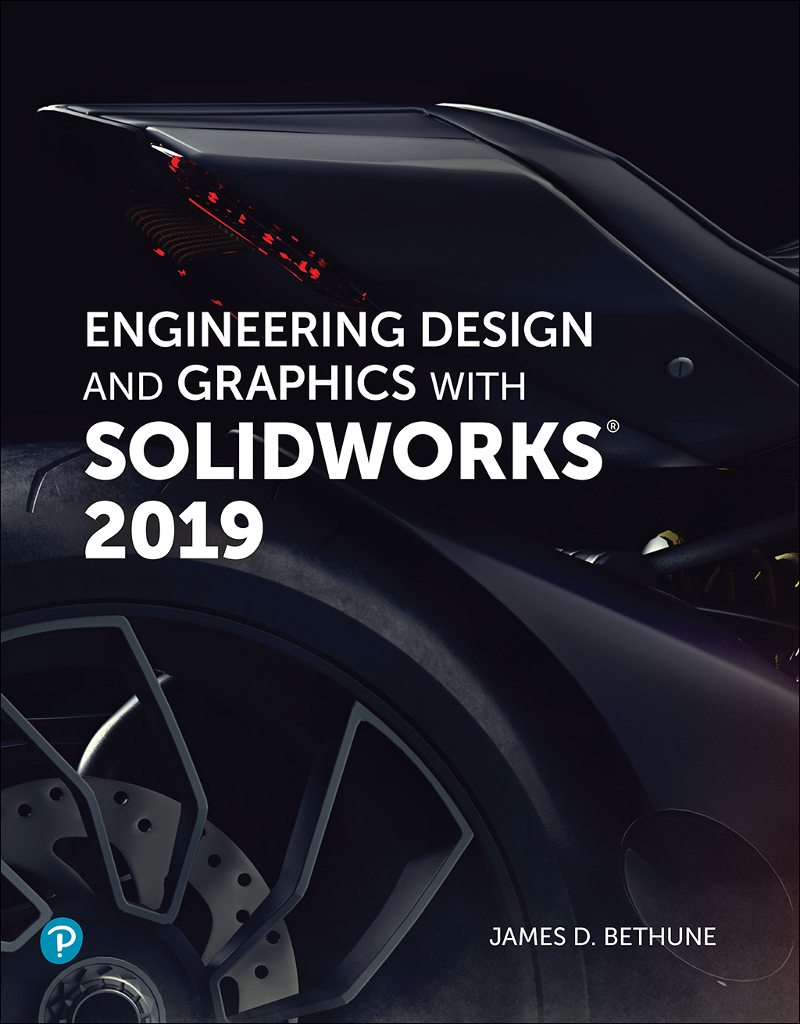
Engineering Design and Graphics with SolidWorks 2019 In Engineering Design and Graphics with SolidWorks 2019, award-winning CAD instructor and author James Bethune shows students how to use SolidWorks to create engineering drawings and designs. The textbook has been updated to cover the new features in SolidWorks 2019, including a brand-new chapter with sample problems to help students prepare for the CSWA Exam. It focuses on the creation of engineering drawings, including dimensions and tolerances and the use of standard parts and tools. Each chapter contains step-by-step sample problems that show students how to apply the concepts presented in the chapter. Effective pedagogy throughout the text helps students learn and retain concepts: OBJECTIVES: Each chapter begins with objectives and an introduction to the material. SUMMARIES: Each chapter concludes with a summary and exercise problems. NUMEROUS ILLUSTRATIONS: The multitude of illustrations, accompanied by explanatory captions, present a visual approach to learning. Students see in the text what they see on the screen with the addition of explanatory text. PRACTICAL APPLICATION: The text provides hundreds of exercise projects of varying difficulty (far more than any other computer graphics text). These exercises reinforce each chapter’s content and help students learn by doing. FLEXIBILITY: With the hundreds of problems presented in the book, instructors can assign different problems within the same class and from year to year without repeating problems for students. MEETS STANDARDS: The text teaches ANSI standards for dimensions and tolerances. This helps students understand how their designs are defined for production and the importance of proper tolerancing. STEP-BY-STEP APPROACH: In presenting the fundamentals of engineering drawing using SolidWorks, the text uses a step-by-step approach that allows students to work and learn at their own pace. CSWA EXAM PREP: This edition includes sample problems to help students prepare for the CSWA Exam. TECHNOLOGY & ENGINEERING,Engineering (General)
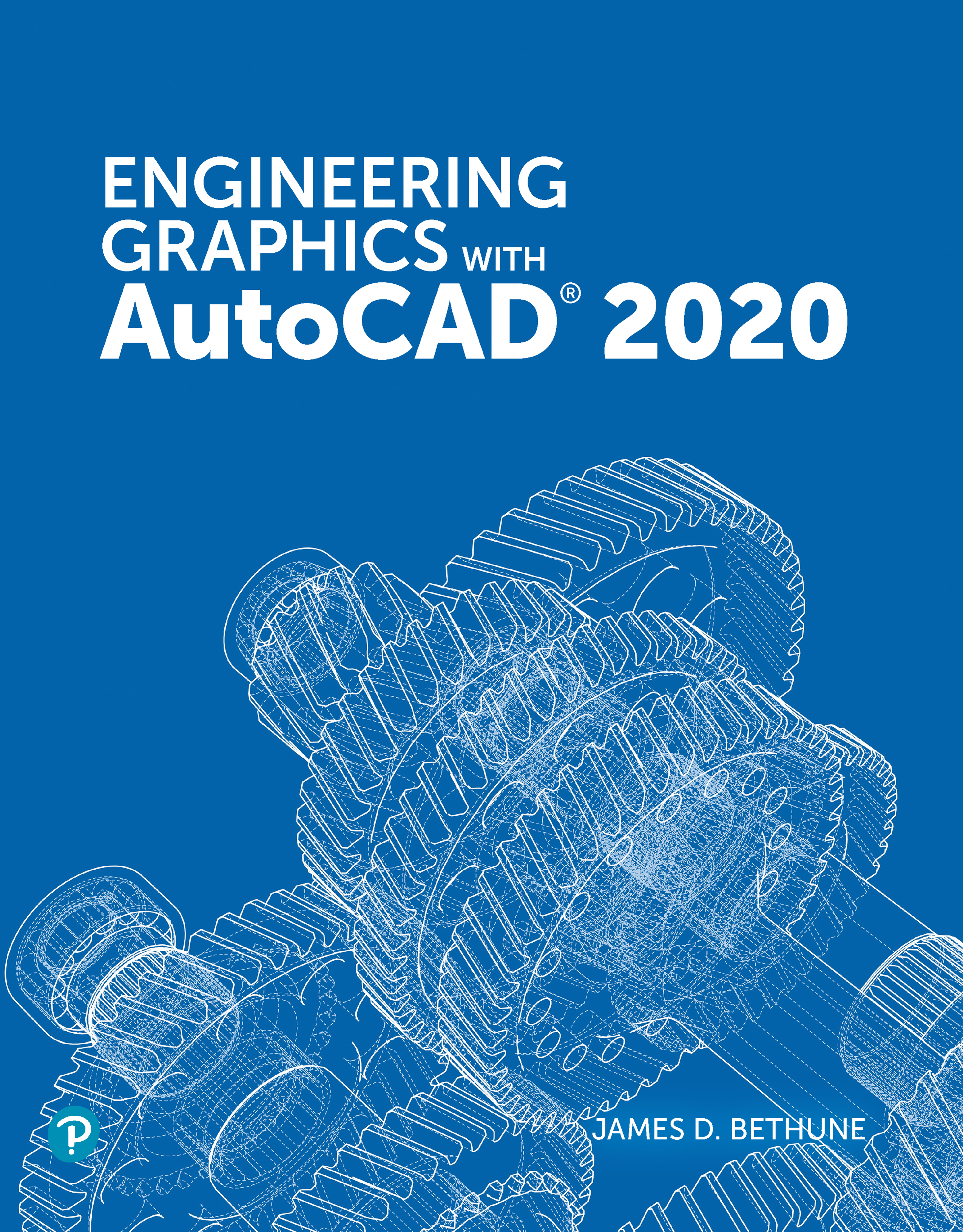
Engineering Graphics with AutoCAD 2020 In Engineering Graphics with AutoCAD 2020, award-winning CAD instructor and author James Bethune teaches technical drawing using AutoCAD 2020 as its drawing instrument. Taking a step-by-step approach, this textbook encourages students to work at their own pace and uses sample problems and illustrations to guide them through the powerful features of this drawing program. More than 680 exercise problems provide instructors with a variety of assignment material and students with an opportunity to develop their creativity and problem-solving capabilities. Effective pedagogy throughout the text helps students learn and retain concepts: Step-by-step format throughout the text allows students to work directly from the text to the screen and provides an excellent reference during and after the course. Latest coverage is provided for dynamic blocks, user interface improvements, and productivity enhancements. Exercises, sample problems, and projects appear in each chapter, providing examples of software capabilities and giving students an opportunity to apply their own knowledge to realistic design situations. ANSI standards are discussed when appropriate, introducing students to the appropriate techniques and national standards. Illustrations and sample problems are provided in every chapter, supporting the step-by-step approach by illustrating how to use AutoCAD 2020 and its features to solve various design problems. Engineering Graphics with AutoCAD 2020 will be a valuable resource for every student wanting to learn to create engineering drawings. TECHNOLOGY & ENGINEERING,Engineering (General)

Engineering Design Graphics with Autodesk Inventor 2020 In Engineering Design Graphics with Autodesk Inventor 2020, award-winning CAD instructor and author James Bethune shows students how to use Autodesk Inventor to create and document drawings and designs. The author puts heavy emphasis on engineering drawings and on drawing components used in engineering drawings such as springs, bearings, cams, and gears. It shows how to create drawings using many different formats such as .ipt, .iam, ipn, and .idw for both English and metric units. It explains how to create drawings using the tools located under the Design tab and how to extract parts from the Content Center. Chapter test questions help students assess their understanding of key concepts. Sample problems, end-of-chapter projects, and a variety of additional exercises reinforce the material and allow students to practice the techniques described. The content of the book goes beyond the material normally presented in an engineering graphics text associated with CAD software to include exercises requiring students to design simple mechanisms. This book includes the following features: Step-by-step format throughout the text allows students to work directly from the text to the screen and provides an excellent reference during and after the course. Latest coverage for Autodesk Inventor 2020 is provided. Exercises, sample problems, and projects appear in each chapter, providing examples of software capabilities and giving students an opportunity to apply their own knowledge to realistic design situations. Examples show how to create an animated assembly, apply dimension to a drawing, calculate shear and bending values, and more. ANSI and ISO standards are discussed when appropriate, introducing students to both so they learn appropriate techniques and national standards. TECHNOLOGY & ENGINEERING,Engineering (General)
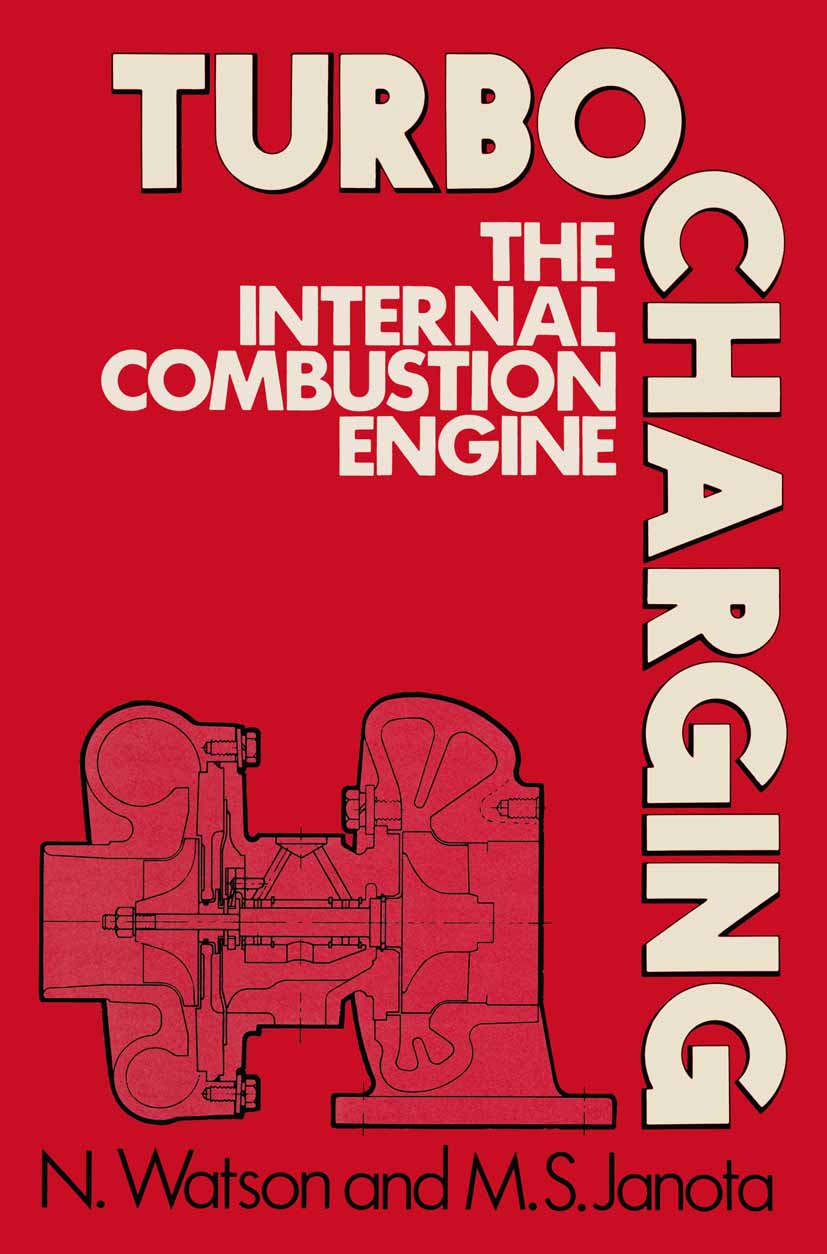
Turbocharging the Internal Combustion Engine TECHNOLOGY & ENGINEERING,Engineering (General)

Engineering Mathematics TECHNOLOGY & ENGINEERING,Engineering (General)
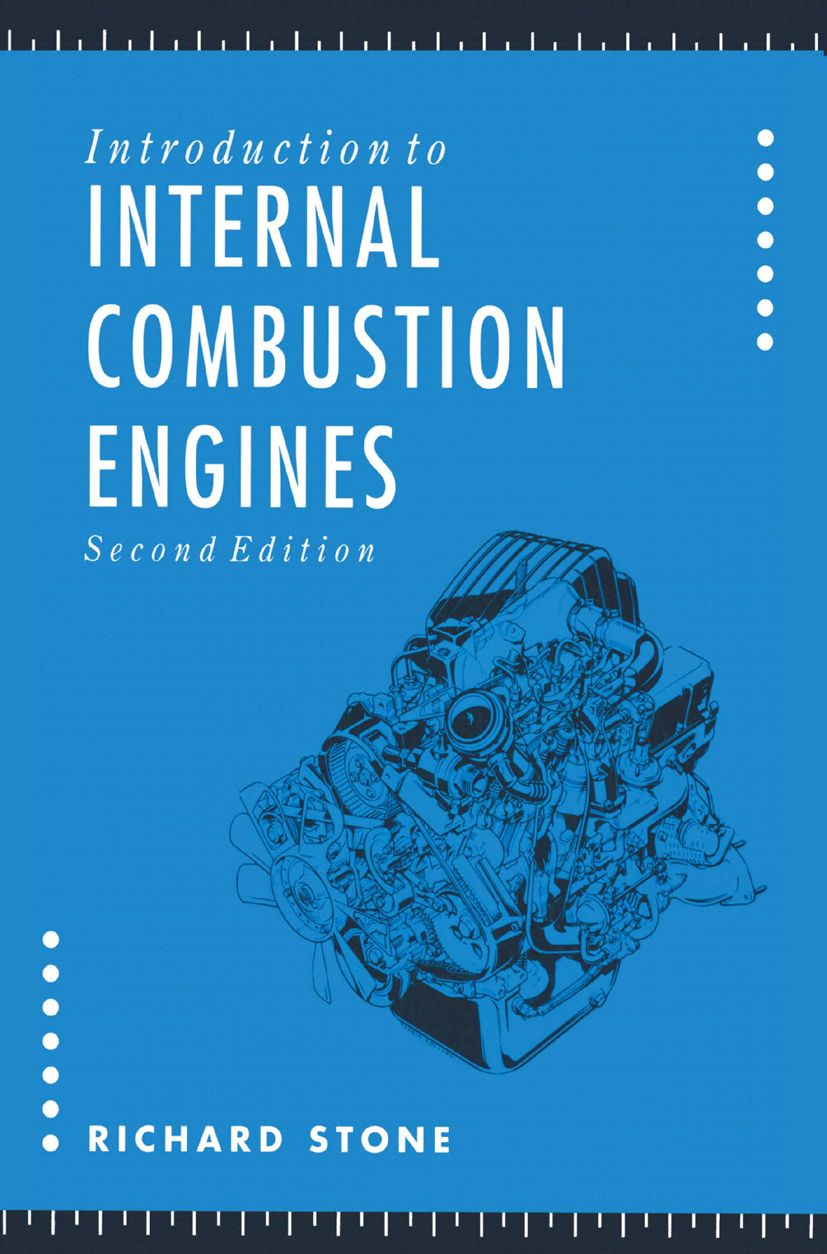
Introduction to Internal Combustion Engines This second edition of Richard Stone's popular book draws on thermodynamics, fluid mechanics, heat transfer, materials science and other fields of engineering to produce a highly approachable clear text in this important subject. Topics include lead-free and alternative fuels, the use of ceramics and electronic engine management systems, with additional chapters on 2-stroke engines and computer modelling as well as up-to-date case studies. TECHNOLOGY & ENGINEERING,Engineering (General)
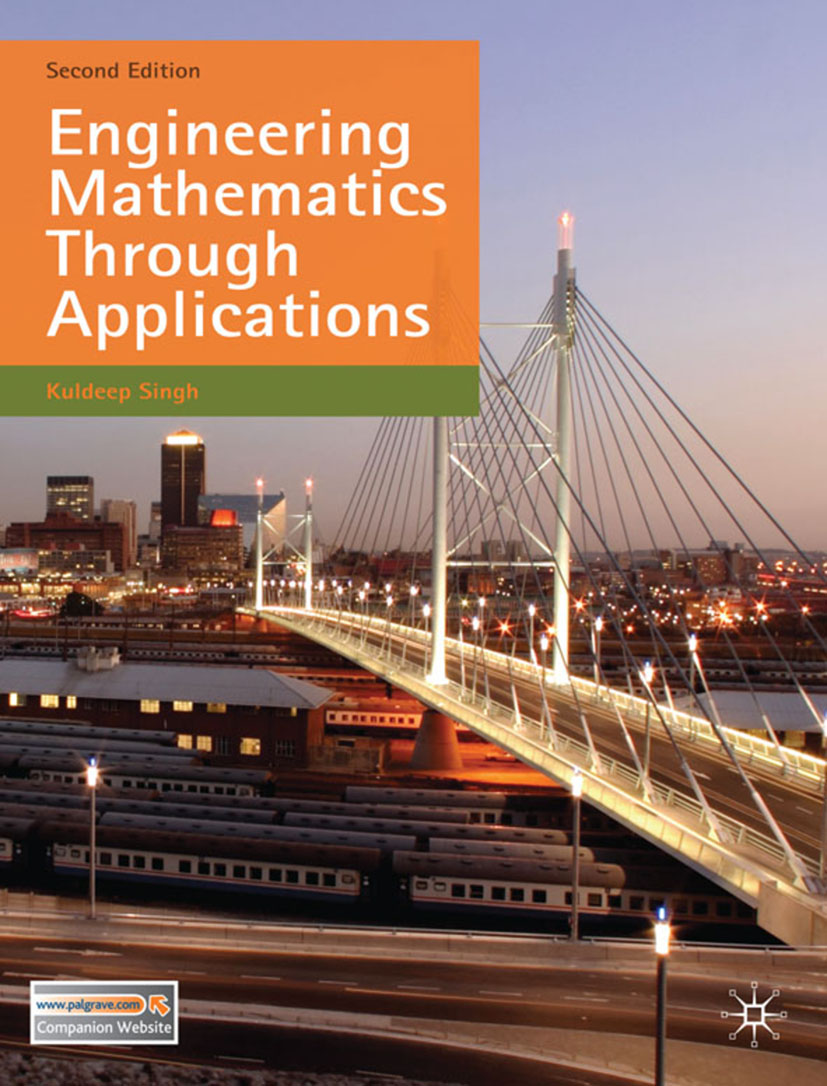
Engineering Mathematics Through Applications This popular, world-wide selling textbook teaches engineering mathematics in a step-by-step fashion and uniquely through engineering examples and exercises which apply the techniques right from their introduction. This contextual use of mathematics is highly motivating, as with every topic and each new page students see the importance and relevance of mathematics in engineering. The examples are taken from mechanics, aerodynamics, electronics, engineering, fluid dynamics and other areas. While being general and accessible for all students, they also highlight how mathematics works in any individual’s engineering discipline. The material is often praised for its careful pace, and the author pauses to ask questions to keep students reflecting. Proof of mathematical results is kept to a minimum. Instead the book develops learning by investigating results, observing patterns, visualizing graphs and answering questions using technology. This textbook is ideal for first year undergraduates and those on pre-degree courses in Engineering (all disciplines) and Science. TECHNOLOGY & ENGINEERING,Engineering (General)

Engineering Mathematics Engineering Mathematics is the best-selling introductory mathematics text for students on science and engineering degree and pre-degree courses. Sales of previous editions stand at more than half a million copies. It is suitable for classroom use and self-study. Its unique programmed approach takes students through the mathematics they need in a step-by-step fashion with a wealth of examples and exercises. The book is divided into two sections with the Foundation section starting at Level 0 of the IEng syllabus and the main section extending over all elements of a first year undergraduate course and into many second year courses. The book therefore suits a full range of abilities and levels of access. The Online Personal Tutor guides students through exercises in the same step-by-step fashion as the book, with hundreds of full workings to questions. TECHNOLOGY & ENGINEERING,Engineering (General)
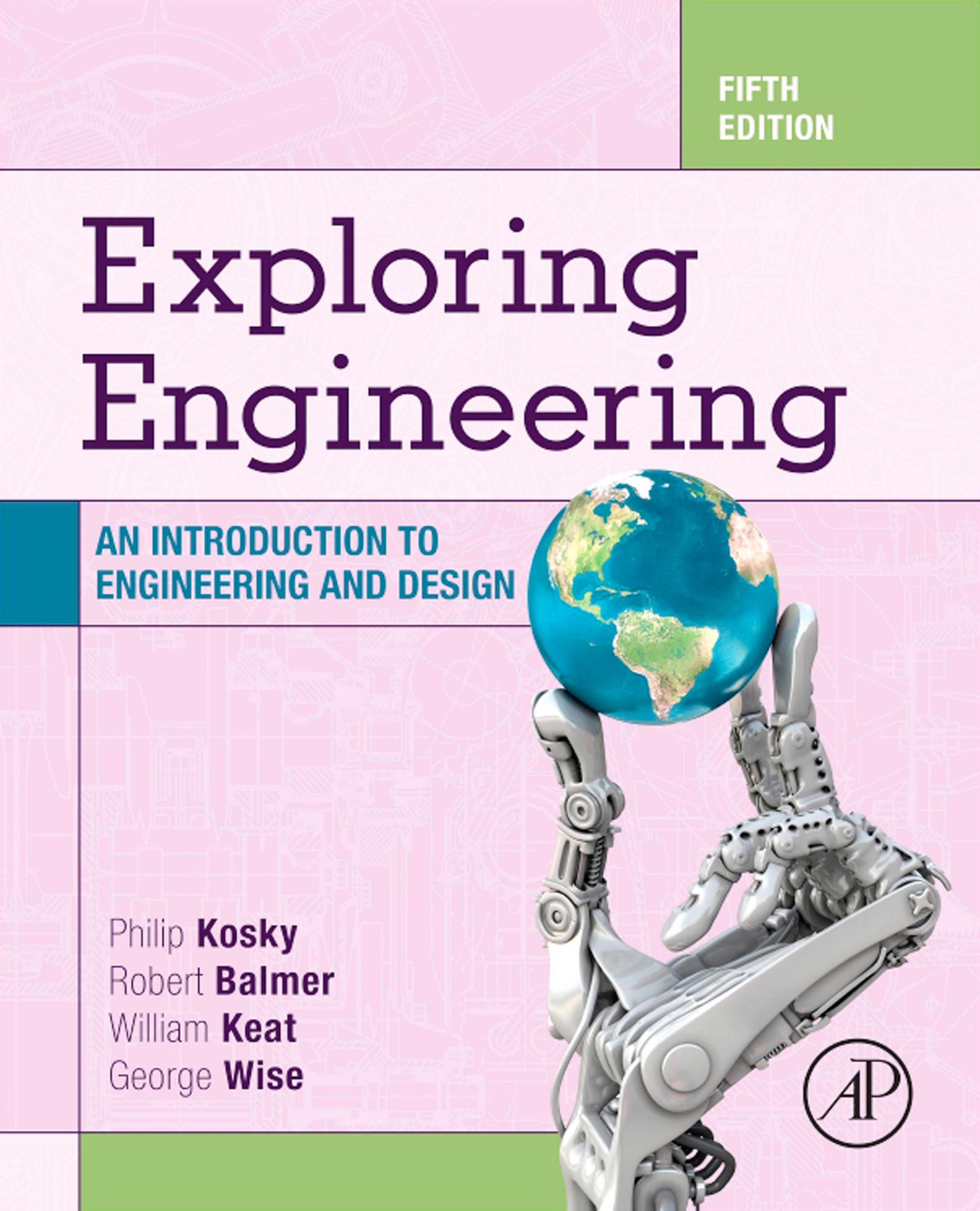
Exploring Engineering Engineers solve problems and work on emerging challenges in a wide range of areas important to improving quality of life; areas like sustainable energy, access to clean water, and improved communications and health care technologies. Kosky et al’s Exploring Engineering explores the world of engineering by introducing the reader to what engineers do, the fundamental principles that form the basis of their work, and how they apply that knowledge within a structured design process. The three-part organization of the text reinforces these areas, making this an ideal introduction for anyone interested in exploring the various fields of engineering and learning how engineers work to solve problems. The 5th edition has been revised to better reflect the knowledge base of incoming freshmen, and new content has been added for several new and emerging engineering disciplines, such as environmental engineering, cybersecurity, additive manufacturing, and mechatronics, as well as new design projects Multiple award-winning textbook introduces students to the engineering profession, emphasizing the fundamental physical, chemical, and material bases for all engineering work Includes an Engineering Ethics Decision Matrix used throughout the book to pose ethical challenges and explore decision-making in an engineering context Lists of "Top Engineering Achievements" and "Top Engineering Challenges" help put the material in context and show engineering as a vibrant discipline involved in solving societal problems Companion Web site includes links to several drawing supplements, including "Free-hand Engineering Sketching," (detailed instructions on free-hand engineering sketching); "AutoCAD Introduction," (an introduction to the free AutoCAD drawing software); and "Design Projects," (freshman-level design projects that complement the "Hands-On" part of the textbook) TECHNOLOGY & ENGINEERING,Engineering (General)
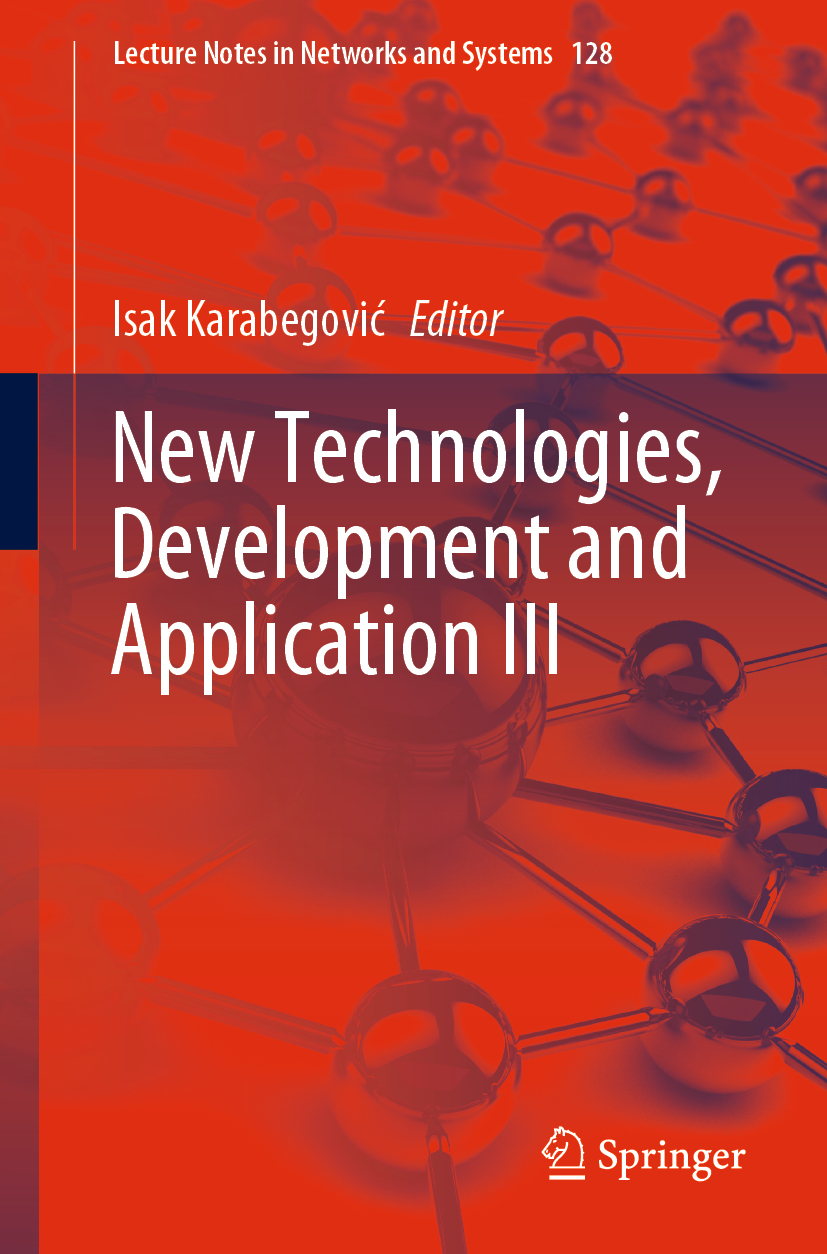
New Technologies, Development and Application III This proceedings book features papers presented at the International Conference on New Technologies, Development and Application, held at the Academy of Sciences and Arts of Bosnia and Herzegovina in Sarajevo on 25th–27th June 2020. It covers a wide range of future technologies and technical disciplines, including complex systems such as Industry 4.0; patents in Industry 4.0; robotics; mechatronics systems; automation; manufacturing; cyber-physical and autonomous systems; sensors; networks; control; energy and renewable energy sources; automotive and biological systems; vehicular networking and connected vehicles; effectiveness and logistics systems; smart grids; nonlinear systems; power; social and economic systems; education; and IoT. The book focuses on the Fourth Industrial Revolution “Industry 4.0,†in which implementation will improve many aspects of human life in all segments and lead to changes in business paradigms and production models. Further, new business methods are emerging, transforming production systems, transport, delivery, and consumption, which need to be monitored and implemented by every company involved in the global market. TECHNOLOGY & ENGINEERING,Engineering (General)
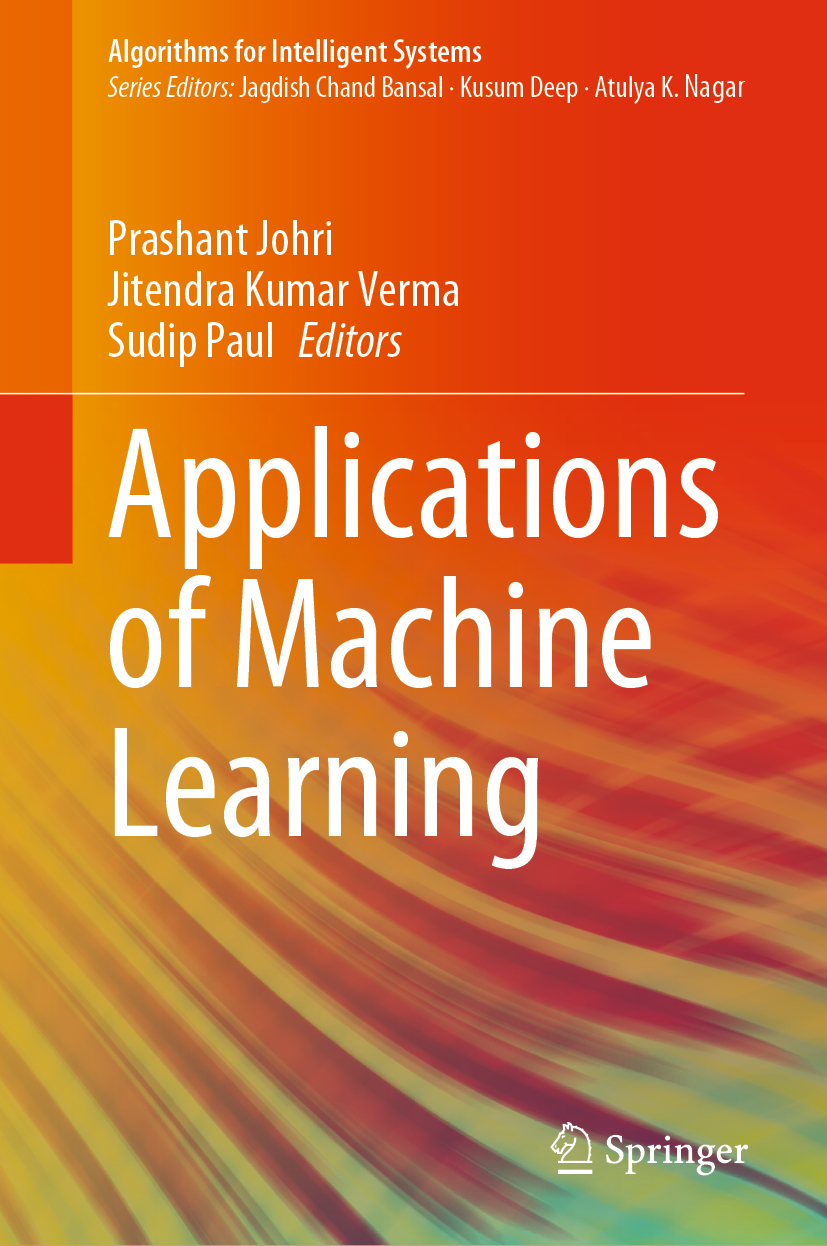
Applications of Machine Learning This book covers applications of machine learning in artificial intelligence. The specific topics covered include human language, heterogeneous and streaming data, unmanned systems, neural information processing, marketing and the social sciences, bioinformatics and robotics, etc. It also provides a broad range of techniques that can be successfully applied and adopted in different areas. Accordingly, the book offers an interesting and insightful read for scholars in the areas of computer vision, speech recognition, healthcare, business, marketing, and bioinformatics. TECHNOLOGY & ENGINEERING,Engineering (General)
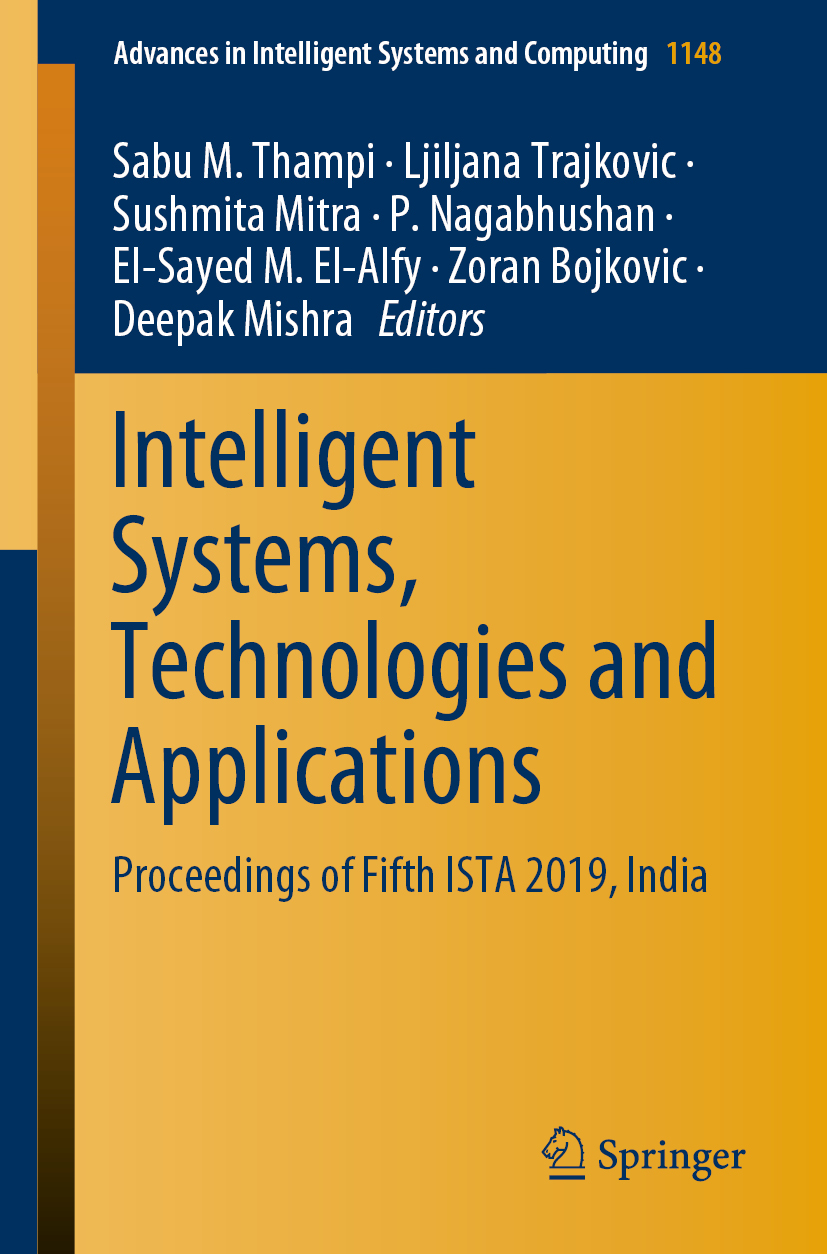
Intelligent Systems, Technologies and Applications This book explores and discusses various aspects of intelligent systems technologies and their applications. Presenting the refereed post-conference proceedings of the 5th International Symposium on Intelligent Systems Technologies and Applications (ISTA 2019), held at the Indian Institute of Information Technology and Management-Kerala (IIITM-K), Trivandrum, India, on December 18–21, 2019, it covers a variety of topics, such as knowledge discovery, data mining, pattern recognition, signal processing, intelligent image processing, artificial vision, ad hoc and wireless sensor networks, business intelligence and big data analytics. TECHNOLOGY & ENGINEERING,Engineering (General)

Advanced Computing Technologies and Applications This book features selected papers presented at the 2nd International Conference on Advanced Computing Technologies and Applications, held at SVKM’s Dwarkadas J. Sanghvi College of Engineering, Mumbai, India, from 28 to 29 February 2020. Covering recent advances in next-generation computing, the book focuses on recent developments in intelligent computing, such as linguistic computing, statistical computing, data computing and ambient applications. TECHNOLOGY & ENGINEERING,Engineering (General)
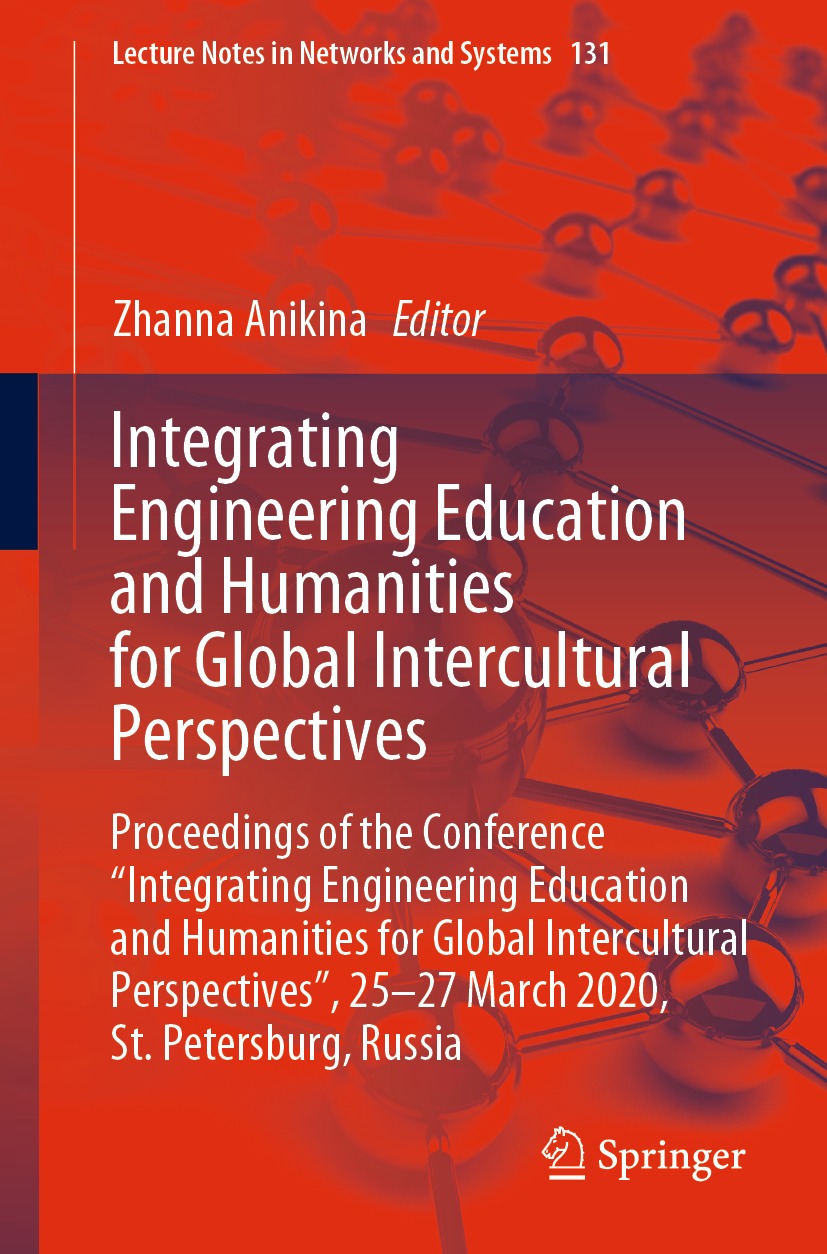
Integrating Engineering Education and Humanities for Global Intercultural Perspectives This book presents papers from the International Conference on Integrating Engineering Education and Humanities for Global Intercultural Perspectives (IEEHGIP 2020), held on 25–27 March 2020. The conference brought together researchers and practitioners from various disciplines within engineering and humanities to offer a range of perspectives. Focusing on, but not limited to, Content and Language Integrated Learning (CLIL) in Russian education the book will appeal to a wide academic audience seeking ways to initiate positive changes in education. TECHNOLOGY & ENGINEERING,Engineering (General)

A Guided Tour of Artificial Intelligence Research The purpose of this book is to provide an overview of AI research, ranging from basic work to interfaces and applications, with as much emphasis on results as on current issues. It is aimed at an audience of master students and Ph.D. students, and can be of interest as well for researchers and engineers who want to know more about AI. The book is split into three volumes: - the first volume brings together twenty-three chapters dealing with the foundations of knowledge representation and the formalization of reasoning and learning (Volume 1. Knowledge representation, reasoning and learning) - the second volume offers a view of AI, in fourteen chapters, from the side of the algorithms (Volume 2. AI Algorithms) - the third volume, composed of sixteen chapters, describes the main interfaces and applications of AI (Volume 3. Interfaces and applications of AI). This third volume is dedicated to the interfaces of AI with various fields, with which strong links exist either at the methodological or at the applicative levels. The foreword of this volume reminds us that AI was born for a large part from cybernetics. Chapters are devoted to disciplines that are historically sisters of AI: natural language processing, pattern recognition and computer vision, and robotics. Also close and complementary to AI due to their direct links with information are databases, the semantic web, information retrieval and human-computer interaction. All these disciplines are privileged places for applications of AI methods. This is also the case for bioinformatics, biological modeling and computational neurosciences. The developments of AI have also led to a dialogue with theoretical computer science in particular regarding computability and complexity. Besides, AI research and findings have renewed philosophical and epistemological questions, while their cognitive validity raises questions to psychology. The volume also discusses some of the interactions between science and artistic creation in literature and in music. Lastly, an epilogue concludes the three volumes of this Guided Tour of AI Research by providing an overview of what has been achieved by AI, emphasizing AI as a science, and not just as an innovative technology, and trying to dispel some misunderstandings. TECHNOLOGY & ENGINEERING,Engineering (General)
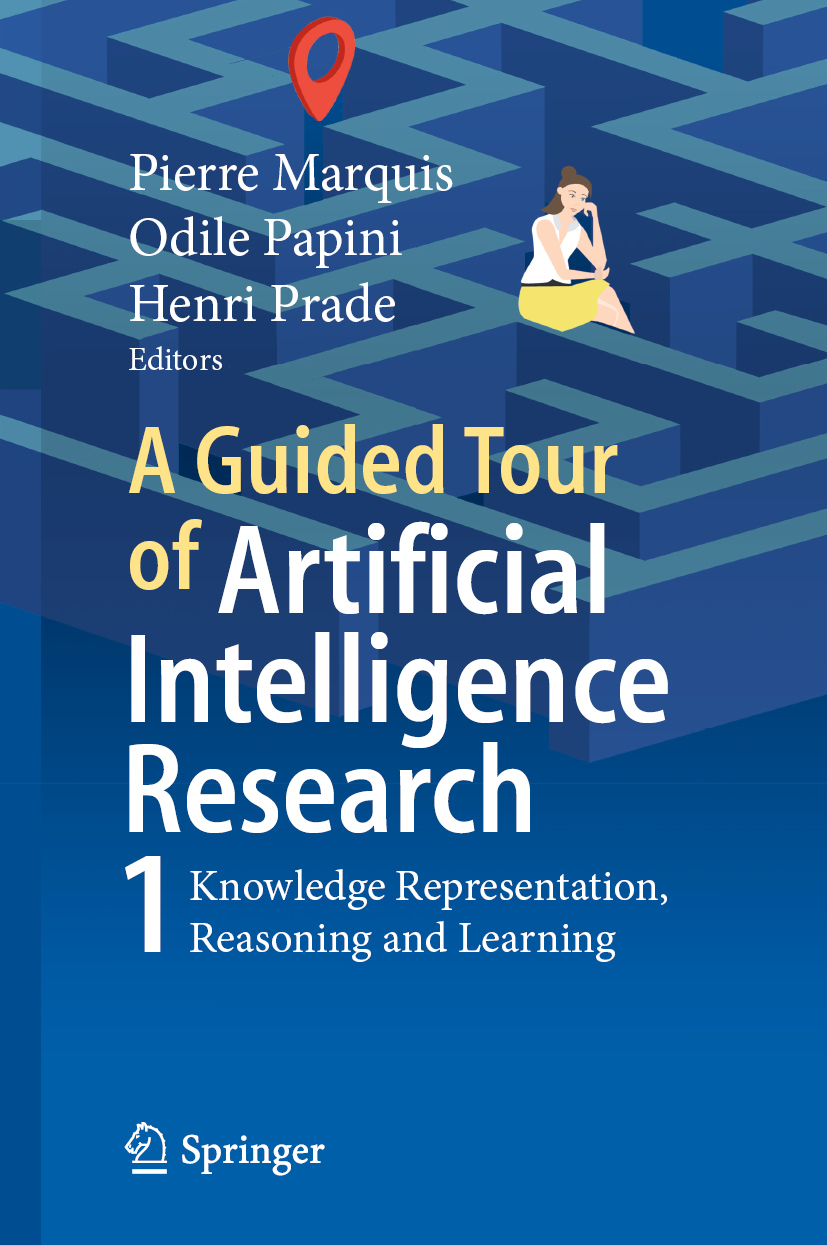
A Guided Tour of Artificial Intelligence Research The purpose of this book is to provide an overview of AI research, ranging from basic work to interfaces and applications, with as much emphasis on results as on current issues. It is aimed at an audience of master students and Ph.D. students, and can be of interest as well for researchers and engineers who want to know more about AI. The book is split into three volumes: - the first volume brings together twenty-three chapters dealing with the foundations of knowledge representation and the formalization of reasoning and learning (Volume 1. Knowledge representation, reasoning and learning) - the second volume offers a view of AI, in fourteen chapters, from the side of the algorithms (Volume 2. AI Algorithms) - the third volume, composed of sixteen chapters, describes the main interfaces and applications of AI (Volume 3. Interfaces and applications of AI). Implementing reasoning or decision making processes requires an appropriate representation of the pieces of information to be exploited. This first volume starts with a historical chapter sketching the slow emergence of building blocks of AI along centuries. Then the volume provides an organized overview of different logical, numerical, or graphical representation formalisms able to handle incomplete information, rules having exceptions, probabilistic and possibilistic uncertainty (and beyond), as well as taxonomies, time, space, preferences, norms, causality, and even trust and emotions among agents. Different types of reasoning, beyond classical deduction, are surveyed including nonmonotonic reasoning, belief revision, updating, information fusion, reasoning based on similarity (case-based, interpolative, or analogical), as well as reasoning about actions, reasoning about ontologies (description logics), argumentation, and negotiation or persuasion between agents. Three chapters deal with decision making, be it multiple criteria, collective, or under uncertainty. Two chapters cover statistical computational learning and reinforcement learning (other machine learning topics are covered in Volume 2). Chapters on diagnosis and supervision, validation and explanation, and knowledge base acquisition complete the volume. TECHNOLOGY & ENGINEERING,Engineering (General)
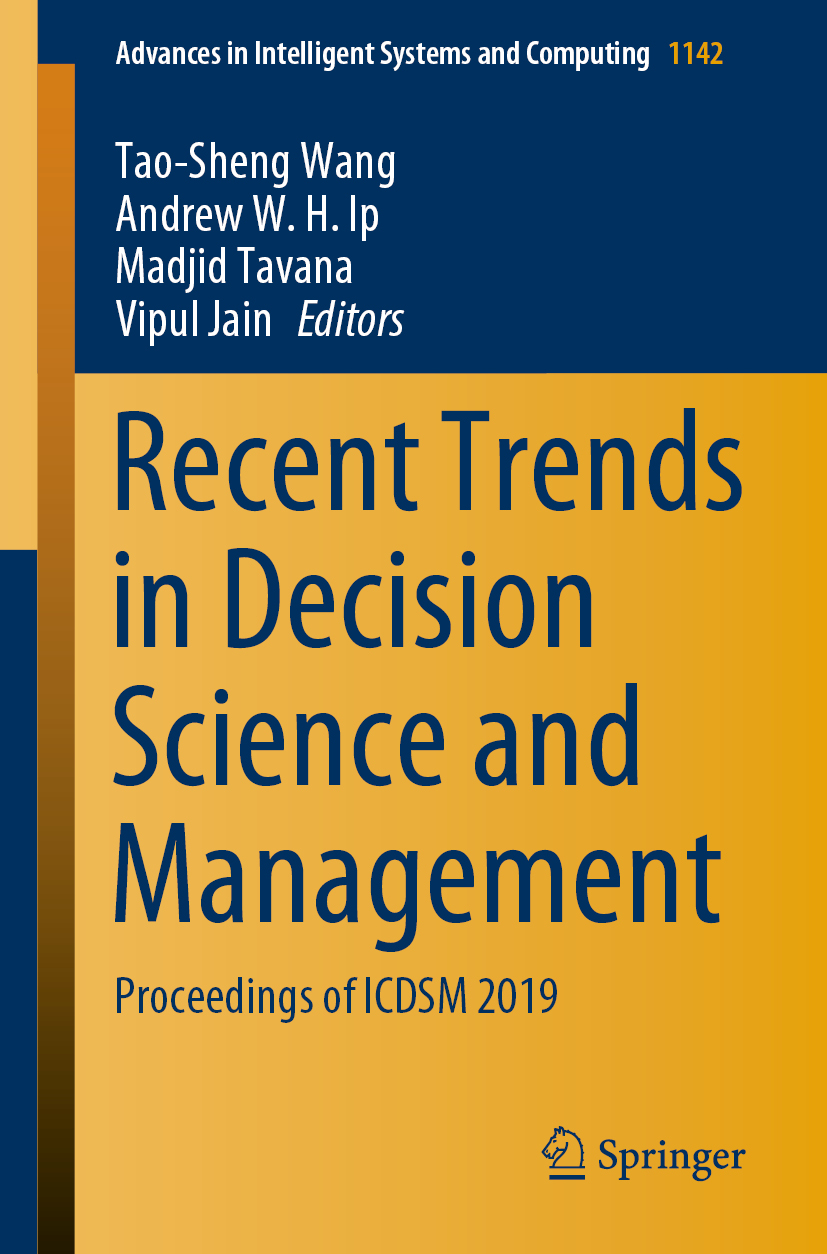
Recent Trends in Decision Science and Management This book discusses an emerging field of decision science that focuses on business processes and systems used to extract knowledge from large volumes of data to provide significant insights for crucial decisions in critical situations. It presents studies employing computing techniques like machine learning, which explore decision-making for cross-platforms that contain heterogeneous data associated with complex assets, leadership, and team coordination. It also reveals the advantages of using decision sciences with management-oriented problems. The book includes a selection of the best papers presented at the 2nd International Conference on Decision Science and Management (ICDSM 2019), held at Hunan International Economics University, China, on 20–21 September 2019. TECHNOLOGY & ENGINEERING,Engineering (General)
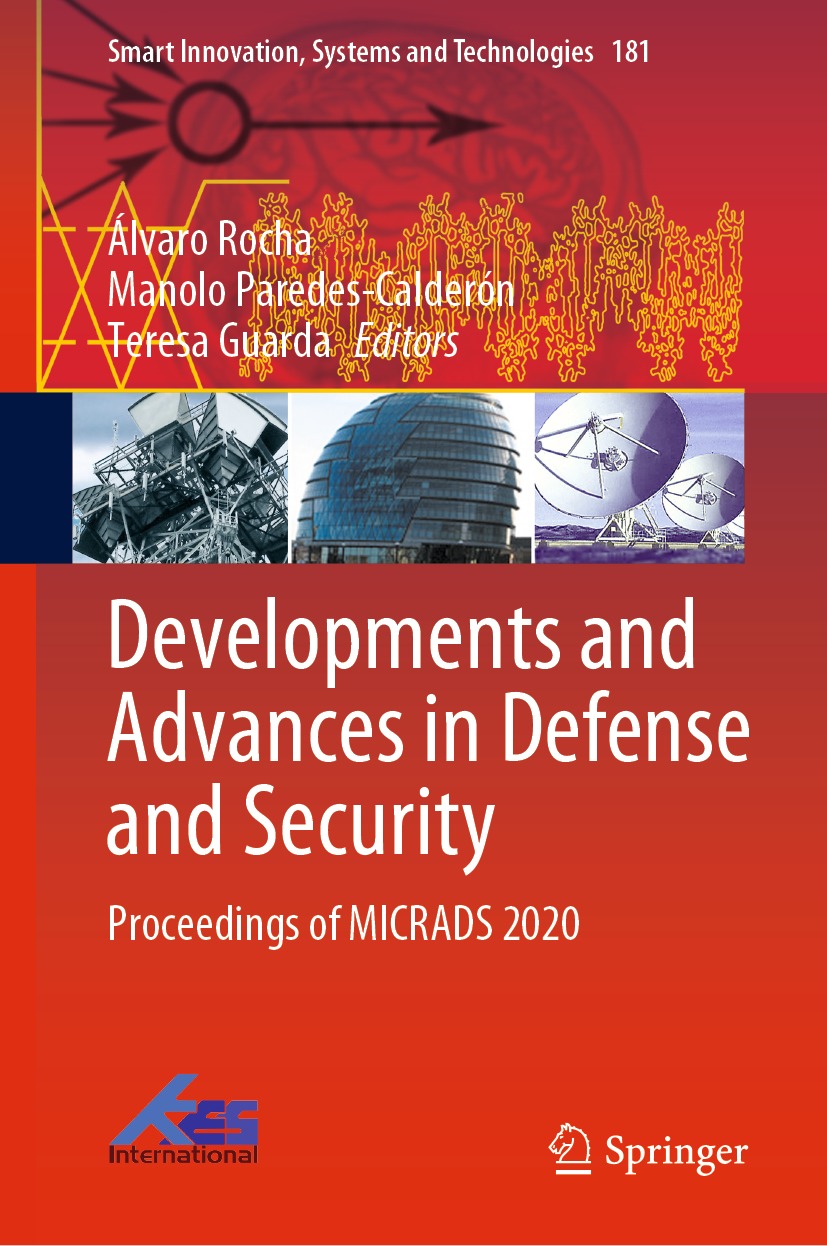
Developments and Advances in Defense and Security This book gathers the proceedings of the Multidisciplinary International Conference of Research Applied to Defense and Security (MICRADS), held at the Eloy Alfaro Military Academy (ESMIL) in Quito, Ecuador, on May 13–15,2020. It covers a broad range of topics in systems, communication, and defense; strategy and political–administrative vision in defense; and engineering and technologies applied to defense. Given its scope, it offers a valuable resource for practitioners, researchers, and students alike. TECHNOLOGY & ENGINEERING,Engineering (General)
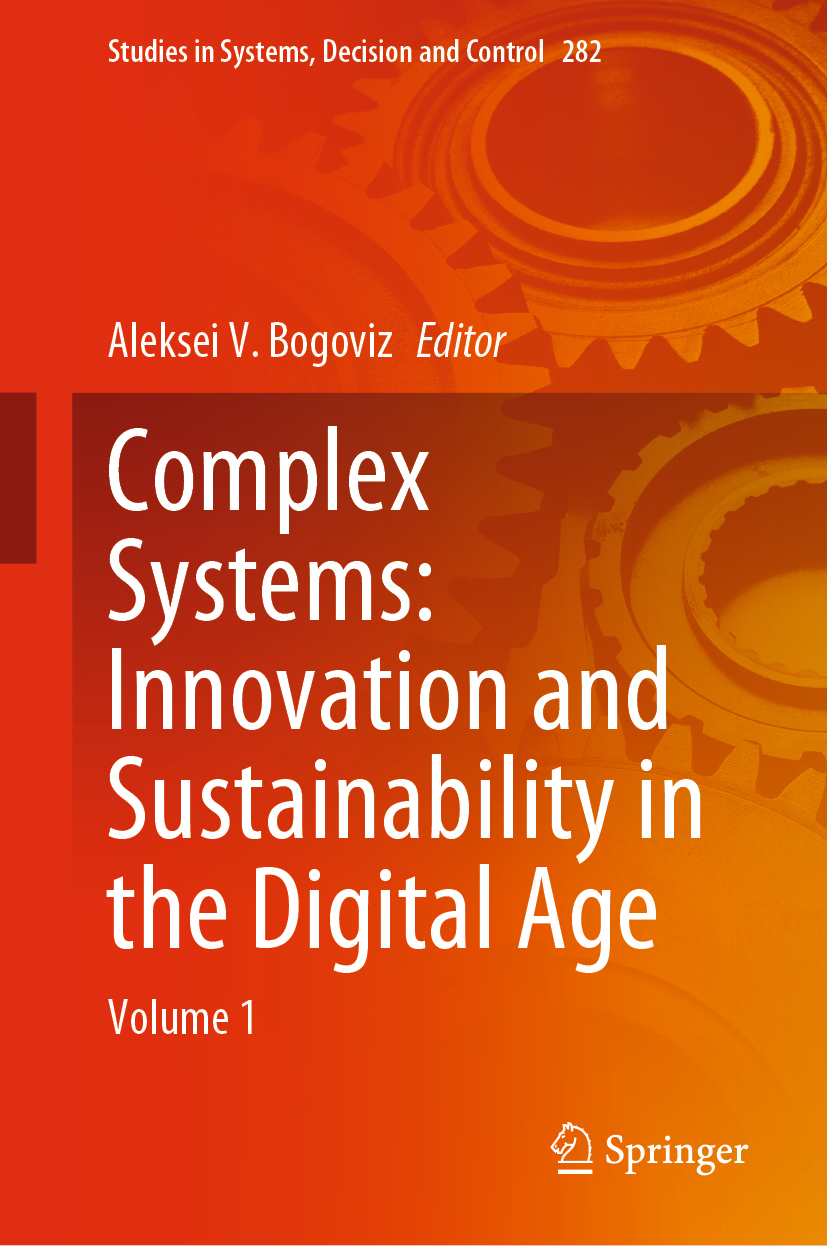
Complex Systems This text provides one of the first book-length studies on the innovative and sustainable development of complex systems in the era of digital transformations, combining quantitative data from several countries with detailed qualitative accounts at the national level. In particular, the book covers the basic concepts, methods, and cutting-edge research on innovation and sustainability in complex systems. Given its scope, the book will be of great interest and value to researchers and practitioners working across the social sciences and in a diverse range of areas in complexity science. Pursuing a multidisciplinary approach, the book is also an ideal resource for advanced undergraduate and graduate level courses in complexity science, sustainability research, economics, and development studies. TECHNOLOGY & ENGINEERING,Engineering (General)
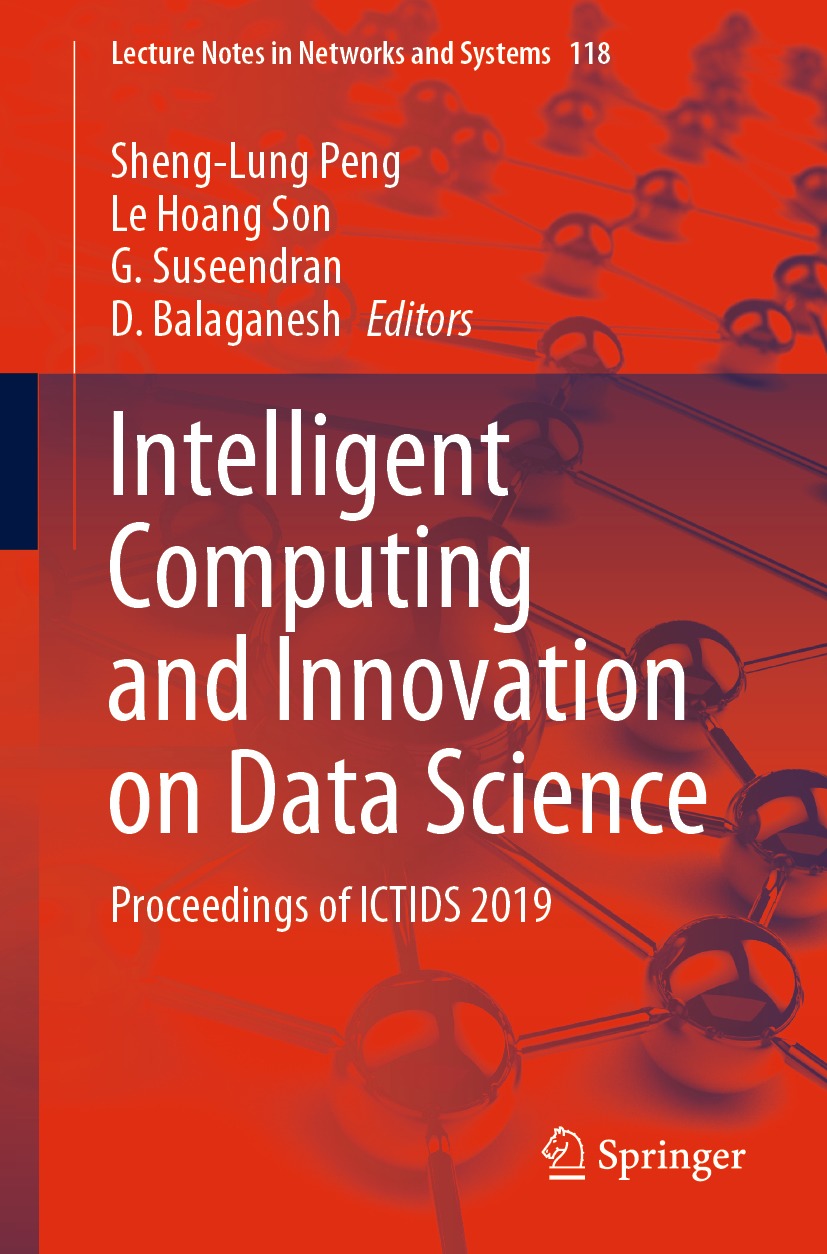
Intelligent Computing and Innovation on Data Science This book covers both basic and high-level concepts relating to the intelligent computing paradigm and data sciences in the context of distributed computing, big data, data sciences, high-performance computing and Internet of Things.It is becoming increasingly important to develop adaptive, intelligent computing-centric, energy-aware, secure and privacy-aware systems in high-performance computing and IoT applications. In this context, the book serves as a useful guide for industry practitioners, and also offers beginners a comprehensive introduction to basic and advanced areas of intelligent computing. Further, it provides a platform for researchers, engineers, academics and industrial professionals around the globe to showcase their recent research concerning recent trends. Presenting novel ideas and stimulating interesting discussions, the book appeals to researchers and practitioners working in the field of information technology and computer science. TECHNOLOGY & ENGINEERING,Engineering (General)
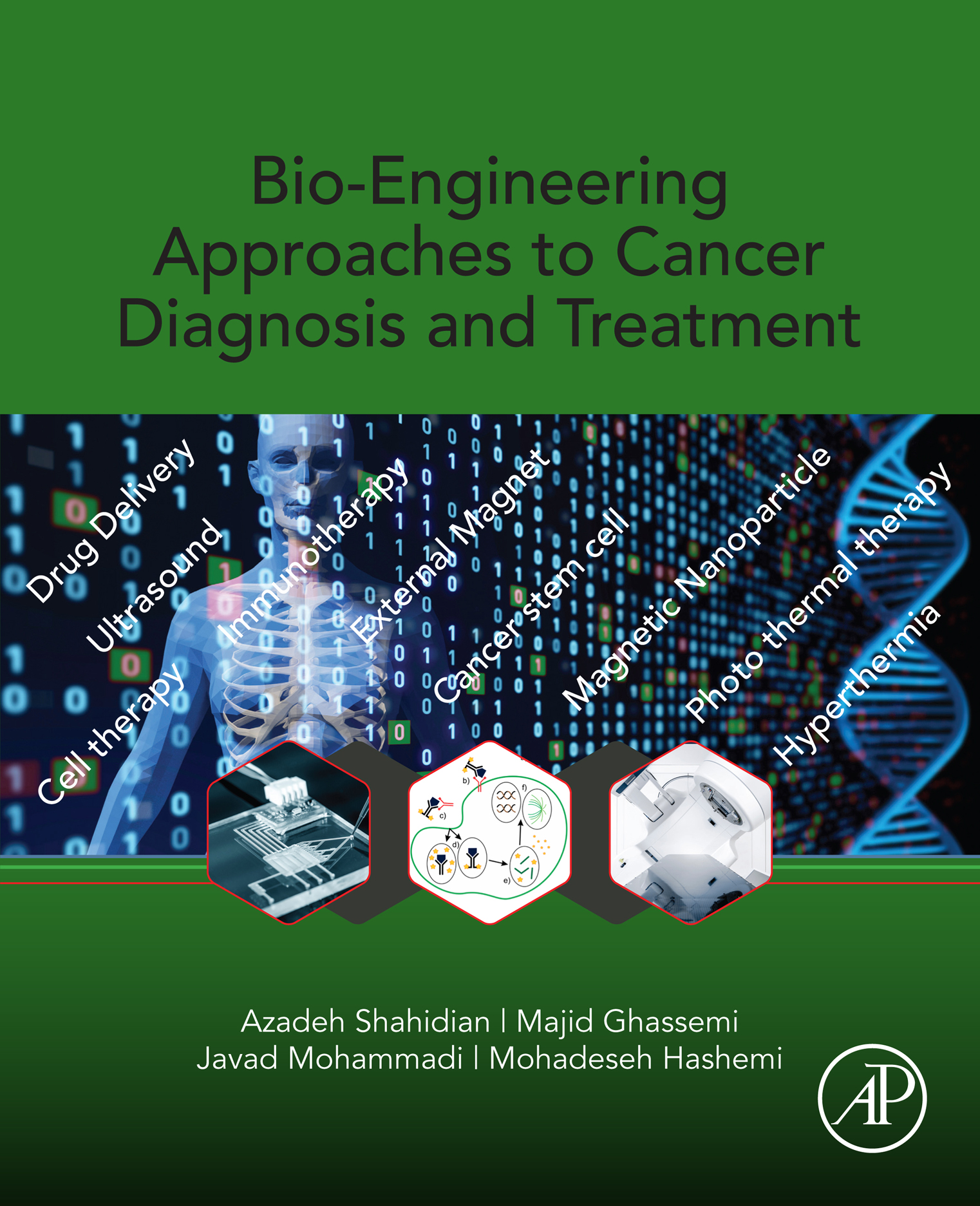
Bio-Engineering Approaches to Cancer Diagnosis and Treatment Bioengineering Approaches to Cancer Diagnosis and Treatment is written for an audience of senior undergraduate students and graduate students in mechanical, electrical and biomedical engineering fields and other professionals in medicine. It is ideally structured for teaching and for those who are working in cancer bioengineering or interdisciplinary projects. The book's authors bring a unique perspective from their expertise in immunology, nanobiomaterials and heat transfer. Topical coverage includes an introduction to the fundamentals of bioengineering and engineering approaches for cancer diagnosis, cancer treatment via case studies, and sections on imaging, immunotherapy, cell therapy, drug delivery, ultrasound and microfluidics in cancer treatment. Provides fully supported case studies relating to cancer diagnosis and therapy Pairs the basic fundamentals of engineering and biomedical engineering and applies them to the diagnosis of cancer TECHNOLOGY & ENGINEERING,Engineering (General)
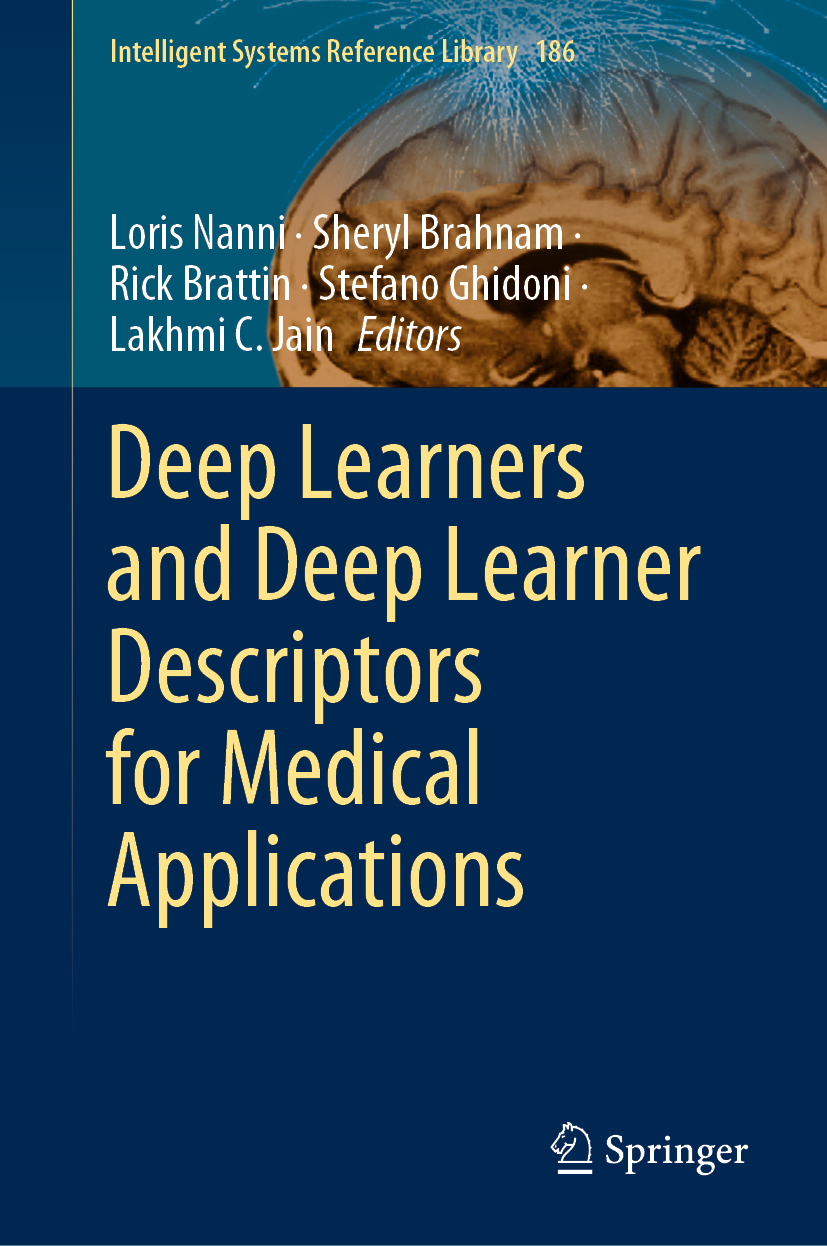
Deep Learners and Deep Learner Descriptors for Medical Applications This book introduces readers to the current trends in using deep learners and deep learner descriptors for medical applications. It reviews the recent literature and presents a variety of medical image and sound applications to illustrate the five major ways deep learners can be utilized: 1) by training a deep learner from scratch (chapters provide tips for handling imbalances and other problems with the medical data); 2) by implementing transfer learning from a pre-trained deep learner and extracting deep features for different CNN layers that can be fed into simpler classifiers, such as the support vector machine; 3) by fine-tuning one or more pre-trained deep learners on an unrelated dataset so that they are able to identify novel medical datasets; 4) by fusing different deep learner architectures; and 5) by combining the above methods to generate a variety of more elaborate ensembles. This book is a value resource for anyone involved in engineering deep learners for medical applications as well as to those interested in learning more about the current techniques in this exciting field. A number of chapters provide source code that can be used to investigate topics further or to kick-start new projects. TECHNOLOGY & ENGINEERING,Engineering (General)
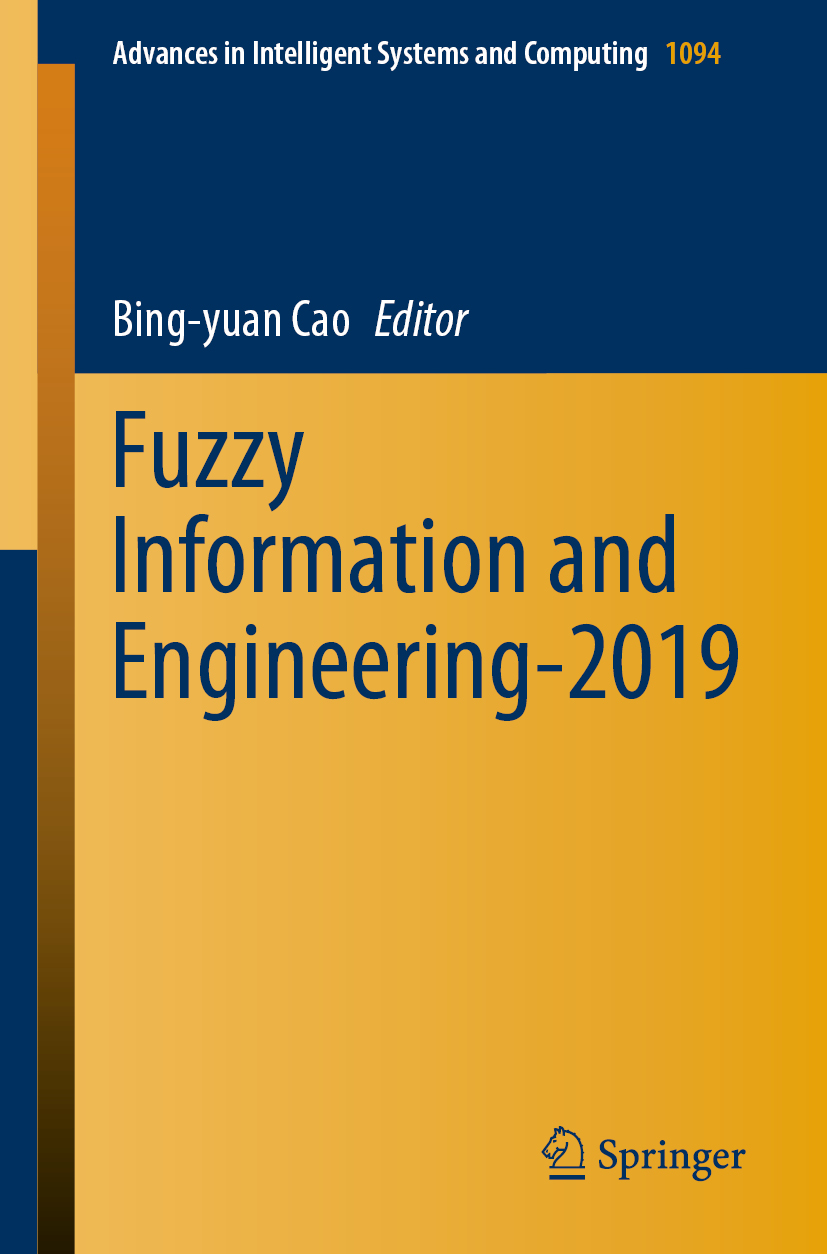
Fuzzy Information and Engineering-2019 a TECHNOLOGY & ENGINEERING,Engineering (General)
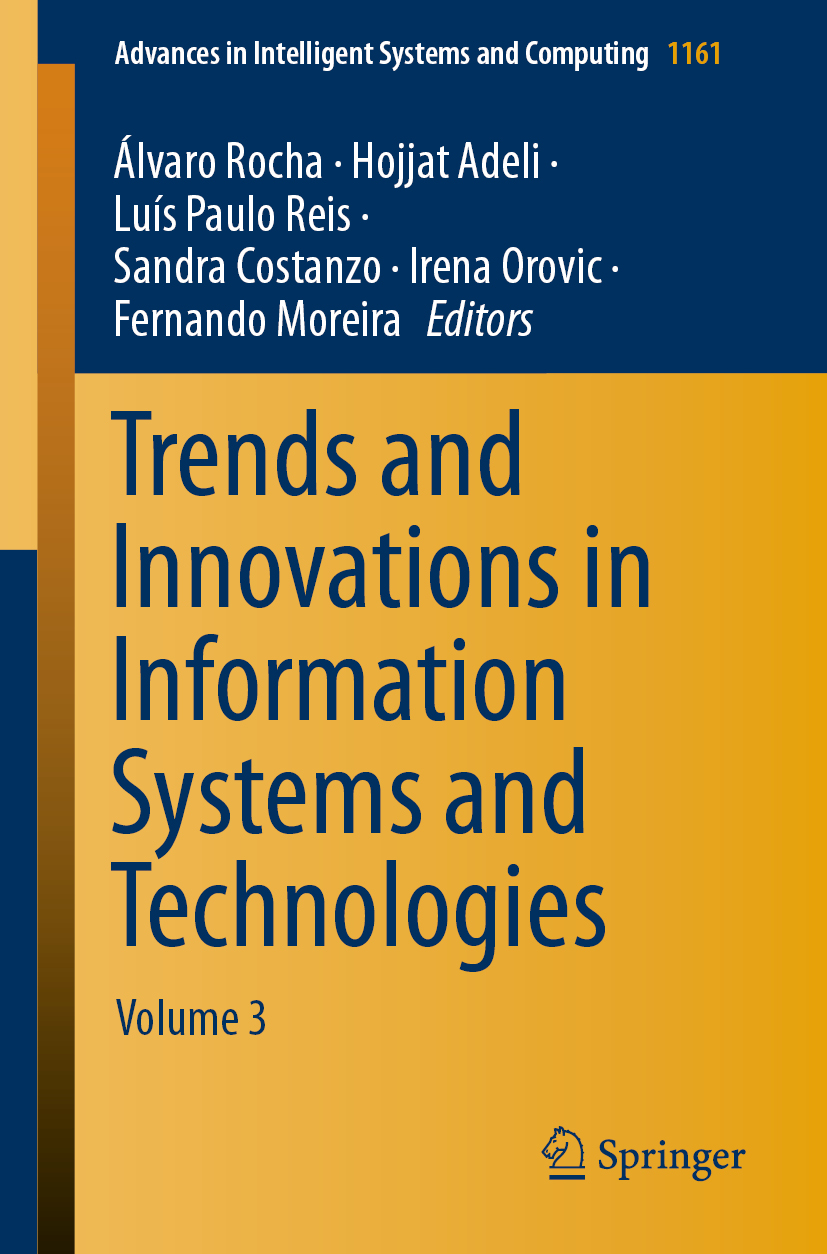
Trends and Innovations in Information Systems and Technologies This book gathers selected papers presented at the 2020 World Conference on Information Systems and Technologies (WorldCIST’20), held in Budva, Montenegro, from April 7 to 10, 2020. WorldCIST provides a global forum for researchers and practitioners to present and discuss recent results and innovations, current trends, professional experiences with and challenges regarding various aspects of modern information systems and technologies. The main topics covered are A) Information and Knowledge Management; B) Organizational Models and Information Systems; C) Software and Systems Modeling; D) Software Systems, Architectures, Applications and Tools; E) Multimedia Systems and Applications; F) Computer Networks, Mobility and Pervasive Systems; G) Intelligent and Decision Support Systems; H) Big Data Analytics and Applications; I) Human–Computer Interaction; J) Ethics, Computers & Security; K) Health Informatics; L) Information Technologies in Education; M) Information Technologies in Radiocommunications; and N) Technologies for Biomedical Applications. TECHNOLOGY & ENGINEERING,Engineering (General)
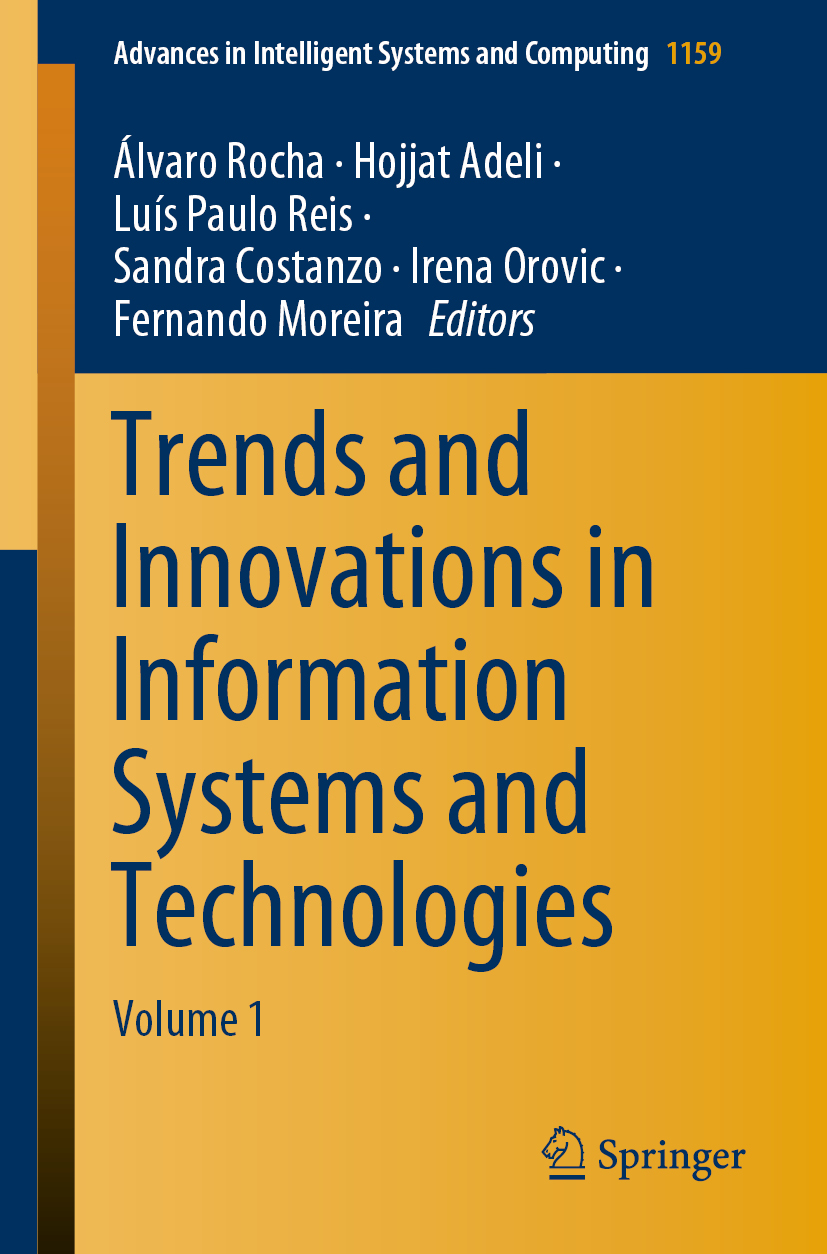
Trends and Innovations in Information Systems and Technologies This book gathers selected papers presented at the 2020 World Conference on Information Systems and Technologies (WorldCIST’20), held in Budva, Montenegro, from April 7 to 10, 2020.WorldCIST provides a global forum for researchers and practitioners to present and discuss recent results and innovations, current trends, professional experiences with and challenges regarding various aspects of modern information systems and technologies. The main topics covered are A) Information and Knowledge Management; B) Organizational Models and Information Systems; C) Software and Systems Modeling; D) Software Systems, Architectures, Applications and Tools; E) Multimedia Systems and Applications; F) Computer Networks, Mobility and Pervasive Systems; G) Intelligent and Decision Support Systems; H) Big Data Analytics and Applications; I) Human–Computer Interaction; J) Ethics, Computers & Security; K) Health Informatics; L) Information Technologies in Education; M) Information Technologies in Radiocommunications; and N) Technologies for Biomedical Applications. TECHNOLOGY & ENGINEERING,Engineering (General)

Blended Learning This book focuses on essential aspects of the theoretical foundations that support blended learning (BL) as a teaching training modality in tertiary education. Analyzing the changes in the world of education that lead to new ways of thinking and learning, it redefines the concept of blended learning at a time of constant growth in many universities around the world. This involves a shared reflection on the role of technology in the current university teacher education programs, as well as on the role that pedagogy plays in increasingly technology-driven contexts. Furthermore, the book presents pedagogical approaches to guide university professors in the design and implementation of blended learning courses. To this end, it describes some of the major models and approaches to BL instructional design, and examines issues related to the quality of BL training and the indicators to measure it, in order to identify those models that contribute to a better understanding of the dimensions that increase its effectiveness. TECHNOLOGY & ENGINEERING,Engineering (General)
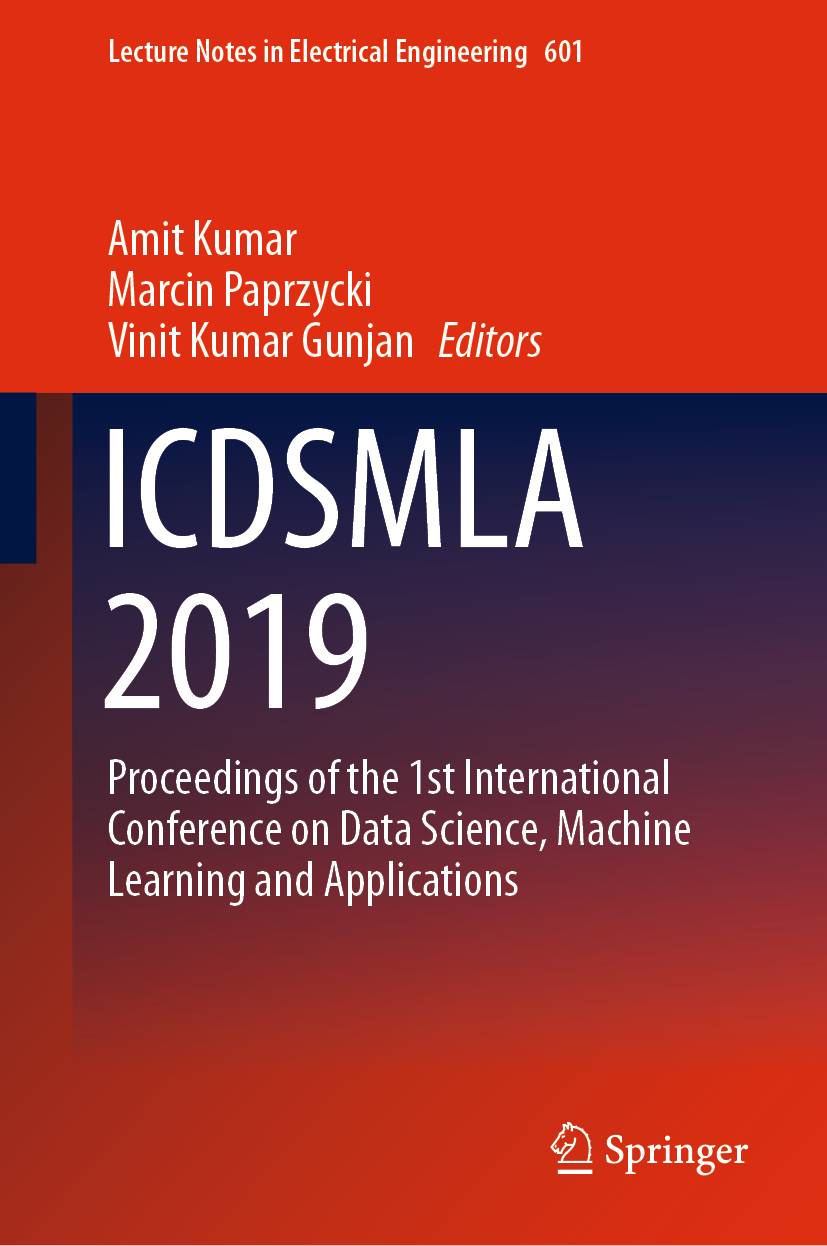
ICDSMLA 2019 This book gathers selected high-impact articles from the 1st International Conference on Data Science, Machine Learning & Applications 2019. It highlights the latest developments in the areas of Artificial Intelligence, Machine Learning, Soft Computing, Human–Computer Interaction and various data science & machine learning applications. It brings together scientists and researchers from different universities and industries around the world to showcase a broad range of perspectives, practices and technical expertise. TECHNOLOGY & ENGINEERING,Engineering (General)
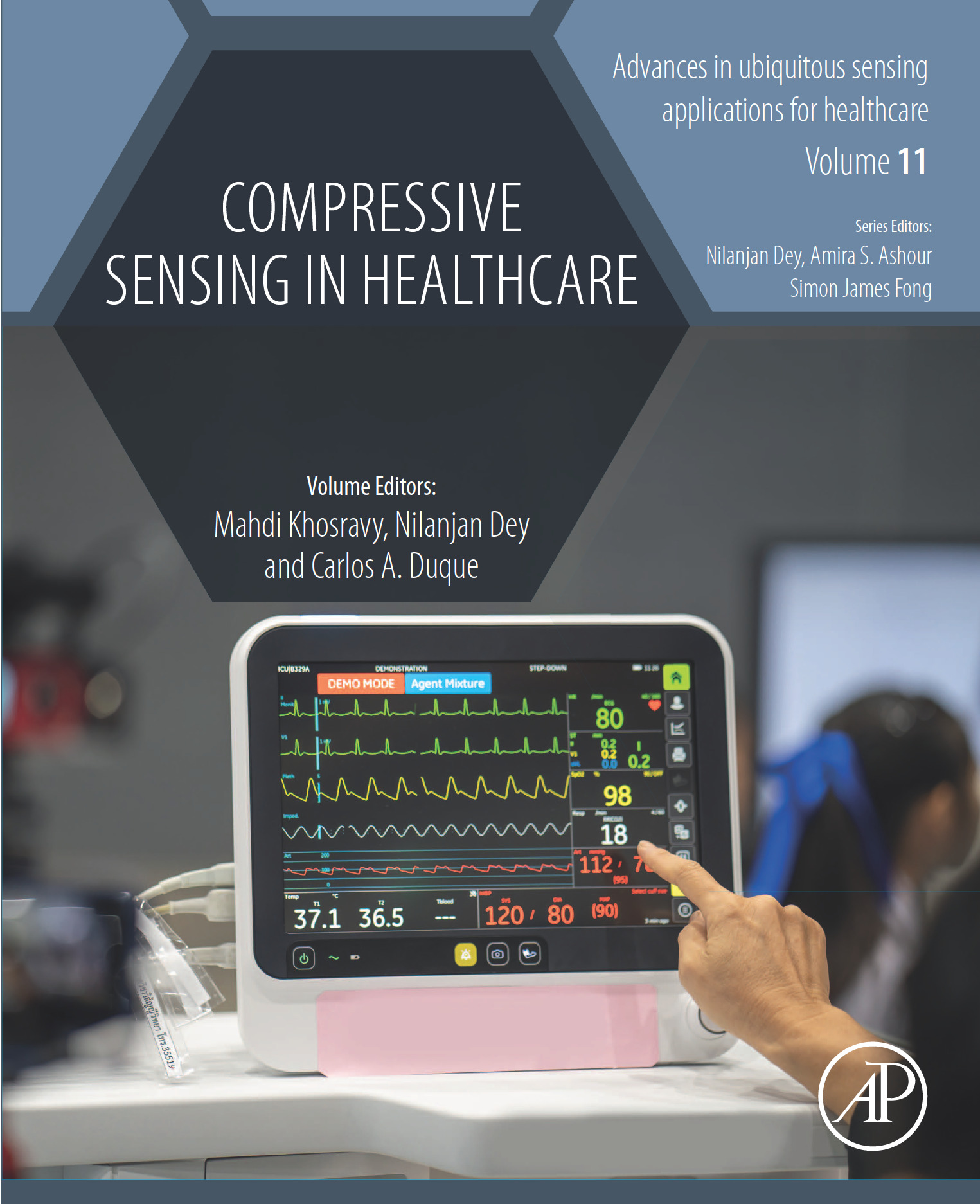
Compressive Sensing in Healthcare Compressive Sensing in Healthcare, part of the Advances in Ubiquitous Sensing Applications for Healthcare series gives a review on compressive sensing techniques in a practical way, also presenting deterministic compressive sensing techniques that can be used in the field. The focus of the book is on healthcare applications for this technology. It is intended for both the creators of this technology and the end users of these products. The content includes the use of EEG and ECG, plus hardware and software requirements for building projects. Body area networks and body sensor networks are explored. Provides a toolbox for compressive sensing in health, presenting both mathematical and coding information Presents an intuitive introduction to compressive sensing, including MATLAB tutorials Covers applications of compressive sensing in health care TECHNOLOGY & ENGINEERING,Engineering (General)
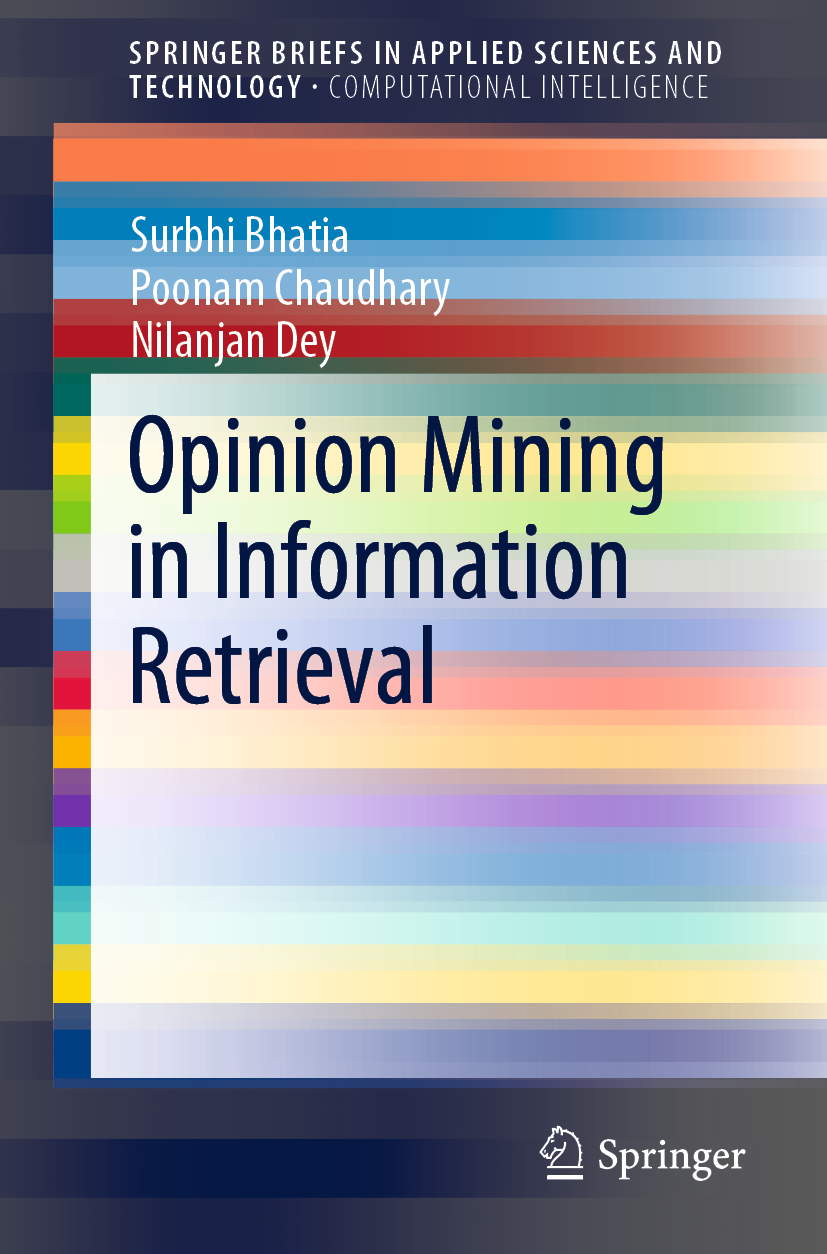
Opinion Mining in Information Retrieval This book discusses in detail the latest trends in sentiment analysis,focusing on “how online reviews and feedback reflect the opinions of users and have led to a major shift in the decision-making process at organizations.†Social networking has become essential in today’s society. In the past, people’s decisions to buy certain products (and companies’ efforts to sell them) were largely based on advertisements, surveys, focus groups, consultants, and the opinions of friends and relatives. But now this is no longer limited to one’s circle of friends, family or small surveys;it has spread globally to online social media in the form of blogs, posts, tweets, social networking sites, review sites and so on. Though not always easy, the transition from surveys to social media is certainly lucrative. Business analytical reports have shown that many organizations have improved their sales, marketing and strategy, setting up new policies and making decisions based on opinion mining techniques. TECHNOLOGY & ENGINEERING,Engineering (General)

Swift Analysis of Civil Engineering Structures Using Graph Theory Methods This book proposes and validates a number of methods and shortcuts for frugal engineers, which will allow them to significantly reduce the computational costs for analysis and reanalysis and, as a result, for structural design processes. The need for accuracy and speed in analyzing structural systems with ever-tighter design tolerances and larger numbers of elements has been relentlessly driving forward research into methods that are capable of analyzing structures at a reasonable computational cost. The methods presented are of particular value in situations where the analysis needs to be repeated hundreds or even thousands of times, as is the case with the optimal design of structures using different metaheuristic algorithms. Featuring methods that are not only applicable to skeletal structures, but by extension also to continuum models, this book will appeal to researchers and engineers involved in the computer-aided analysis and design of structures, and to software developers in this field. It also serves as a complement to previous books on the optimal analysis of large-scale structures utilizing concepts of symmetry and regularity. Further, its novel application of graph-theoretical methods is of interest to mathematicians. TECHNOLOGY & ENGINEERING,Engineering (General)

Economic and Policy Implications of Artificial Intelligence This book presents original research articles addressing various aspects of artificial intelligence as applied to economics, law, management and optimization. The topics discussed include economics, policies, finance, law, resource allocation strategies and information technology. Combining the input of contributing professors and researchers from Italian and international universities, the book will be of interest to students, researchers and practitioners, as well as members of the general public interested in the economic and policy implications of artificial intelligence. TECHNOLOGY & ENGINEERING,Engineering (General)
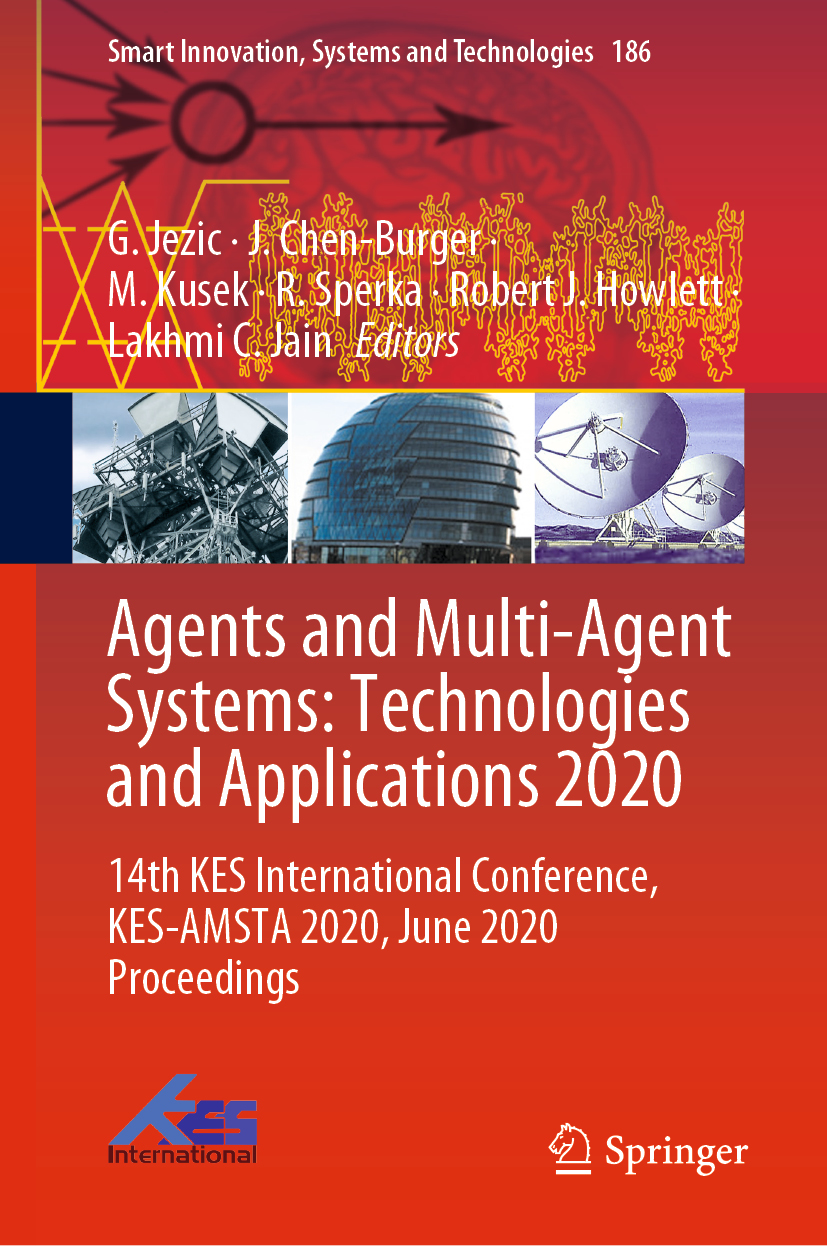
Agents and Multi-Agent Systems The book highlights new trends and challenges in research on agents and the new digital and knowledge economy. It includes papers on business process management, agent-based modeling and simulation and anthropic-oriented computing that were originally presented at the 14th International KES Conference on Agents and Multi-Agent Systems: Technologies and Applications (KES-AMSTA 2020), being held as a Virtual Conference in June 17–19, 2020. The respective papers cover topics such as software agents, multi-agent systems, agent modeling, mobile and cloud computing, big data analysis, business intelligence, artificial intelligence, social systems, computer embedded systems and nature inspired manufacturing, all of which contribute to the modern digital economy. TECHNOLOGY & ENGINEERING,Engineering (General)
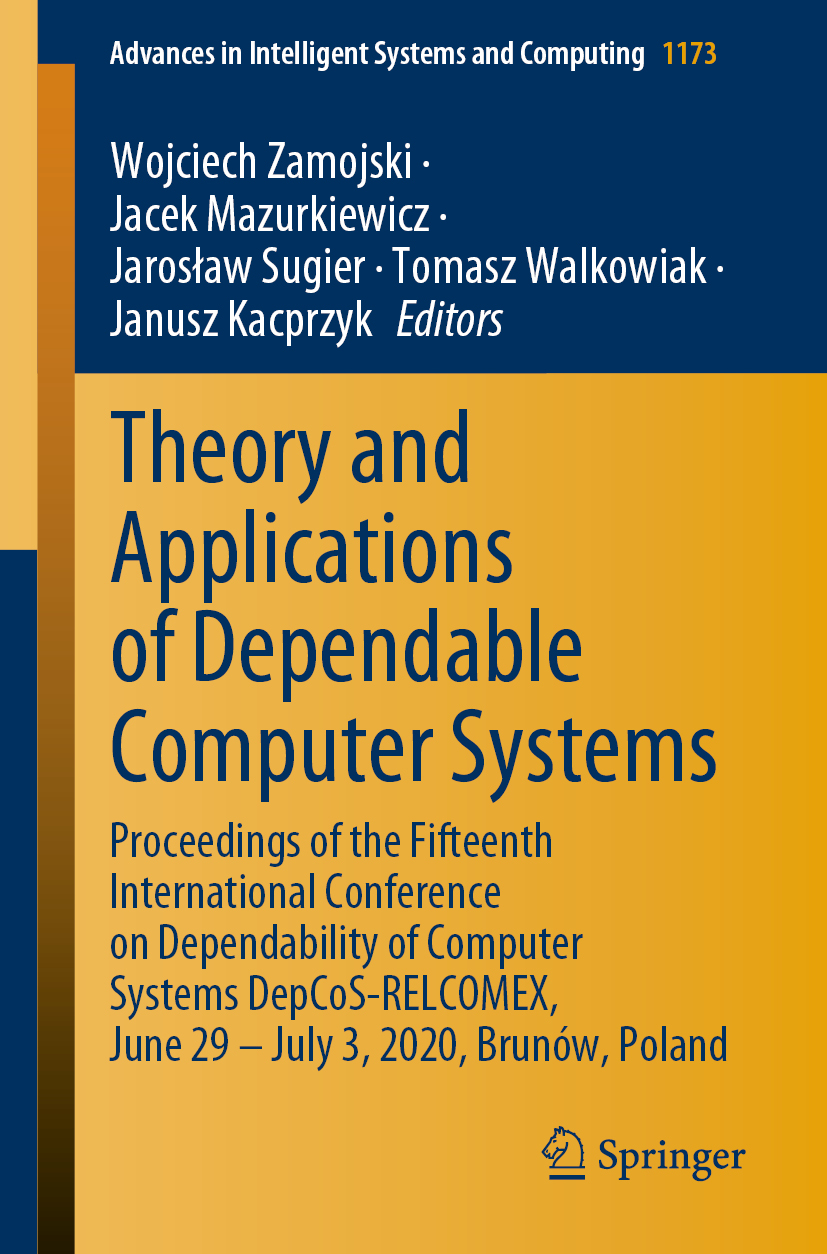
Theory and Applications of Dependable Computer Systems This book presents selected papers from the Fifteenth International Conference on Dependability of Computer Systems (DepCoS-RELCOMEX), which illustrate the diversity of theoretical problems in analysis of performability, reliability and security of contemporary computer systems. Covering also methodologies and practical tools involved in this field, it is a valuable reference resource for scientists, researchers, practitioners and students who are dealing with these subjects. Established in 2006, DepCoS-RELCOMEX is an annual conference series organised by Wrocław University of Science and Technology. It focuses on the dependability and performability of contemporary computer systems – topics that can provide solutions to new challenges in evaluation of their reliability and efficiency. Since they are probably the most complex technical systems ever engineered by humans, the organization of modern computer systems cannot be modelled and analysed solely as structures (however complex and distributed) built only on the basis of technical resources. Instead they should be considered as a unique blend of interacting people (their needs and behaviours), networks (together with mobile properties, iCloud organisation, Internet of Everything) and a large number of users dispersed geographically and producing an unimaginable number of applications. This new, interdisciplinary approach is developing a continually increasing range of methods which apply also the latest findings in artificial intelligence (AI) and computational intelligence (CI). TECHNOLOGY & ENGINEERING,Engineering (General)
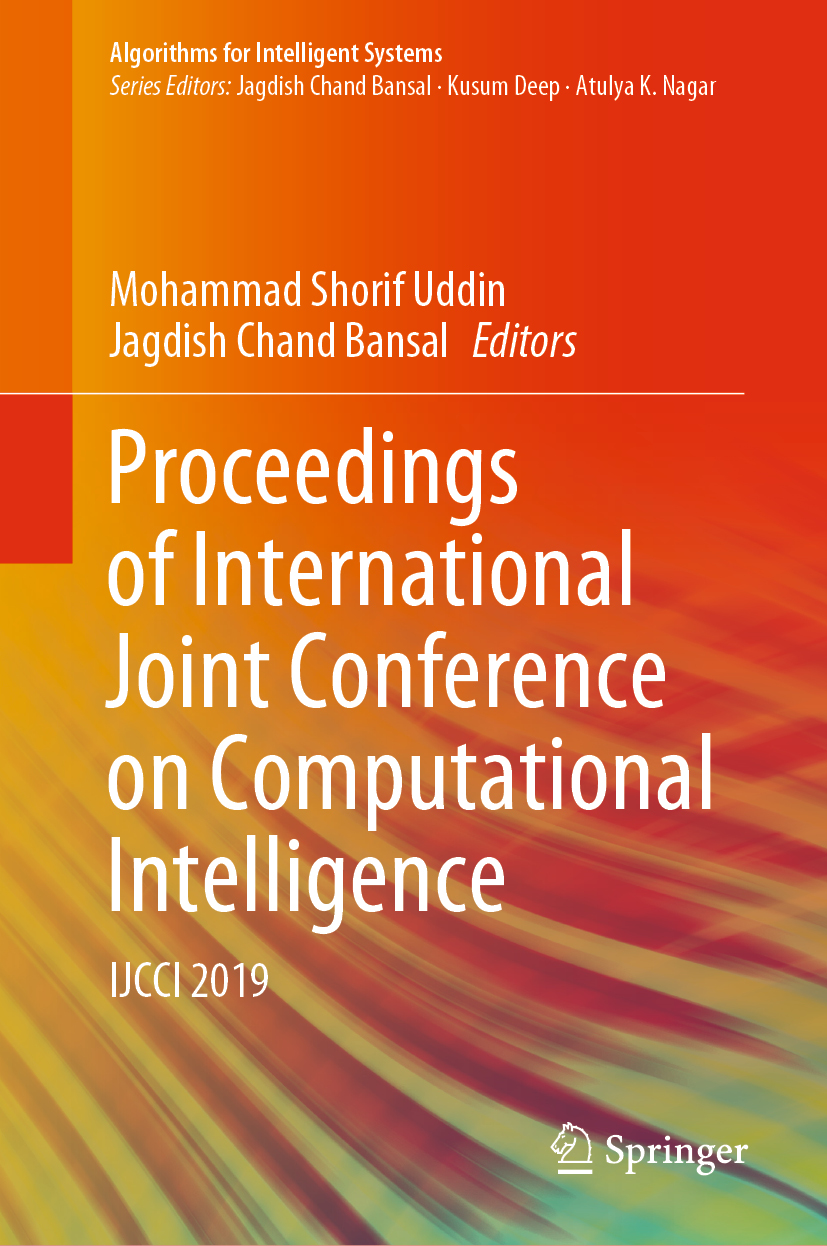
Proceedings of International Joint Conference on Computational Intelligence This book gathers outstanding research papers presented at the International Joint Conference on Computational Intelligence (IJCCI 2019), held at the University of Liberal Arts Bangladesh (ULAB), Dhaka, on 25–26 October 2019 and jointly organized by the University of Liberal Arts Bangladesh (ULAB), Bangladesh; Jahangirnagar University (JU), Bangladesh; and South Asian University (SAU), India. These proceedings present novel contributions in the areas of computational intelligence, and offer valuable reference material for advanced research. The topics covered include collective intelligence, soft computing, optimization, cloud computing, machine learning, intelligent software, robotics, data science, data security, big data analytics, and signal and natural language processing. TECHNOLOGY & ENGINEERING,Engineering (General)
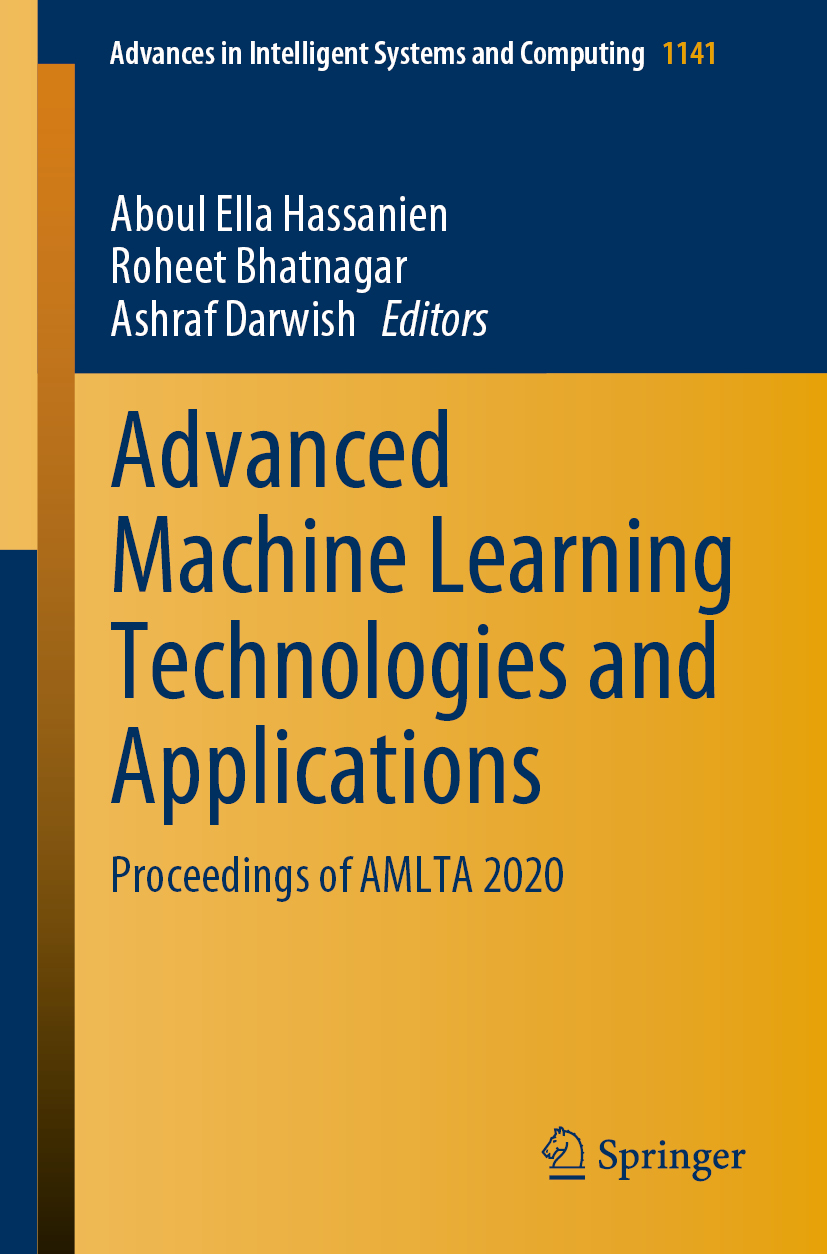
Advanced Machine Learning Technologies and Applications This book presents the refereed proceedings of the 5th International Conference on Advanced Machine Learning Technologies and Applications (AMLTA 2020), held at Manipal University Jaipur, India, on February 13 – 15, 2020, and organized in collaboration with the Scientific Research Group in Egypt (SRGE). The papers cover current research in machine learning, big data, Internet of Things, biomedical engineering, fuzzy logic and security, as well as intelligence swarms and optimization. TECHNOLOGY & ENGINEERING,Engineering (General)
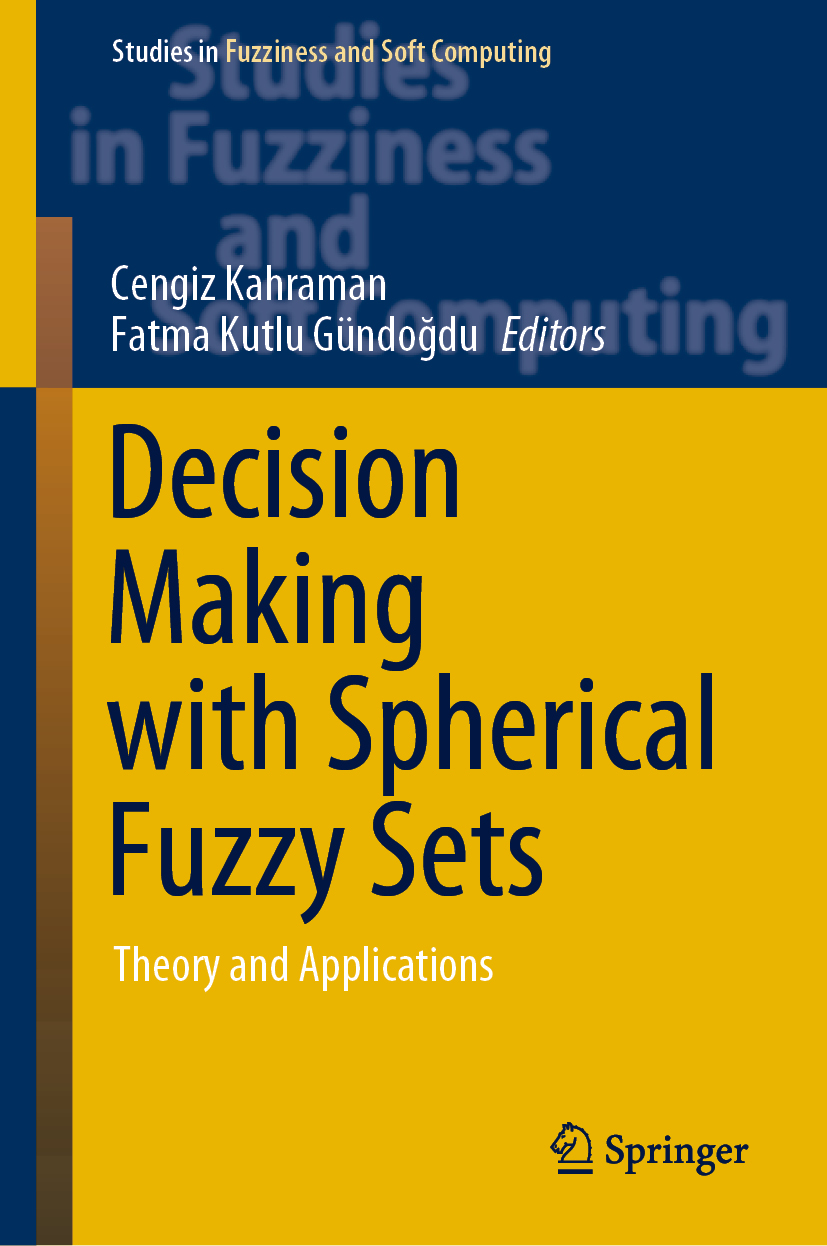
Decision Making with Spherical Fuzzy Sets This book introduces readers to the novel concept of spherical fuzzy sets, showing how these sets can be applied in practice to solve various decision-making problems. It also demonstrates that these sets provide a larger preference volume in 3D space for decision-makers. Written by authoritative researchers, the various chapters cover a large amount of theoretical and practical information, allowing readers to gain an extensive understanding of both the fundamentals and applications of spherical fuzzy sets in intelligent decision-making and mathematical programming. TECHNOLOGY & ENGINEERING,Engineering (General)

Human Centred Intelligent Systems This book highlights new trends and challenges in intelligent systems, which play an important part in the digital transformation of many areas of science and practice. It includes papers offering a deeper understanding of the human-centred perspective on artificial intelligence, of intelligent value co-creation, ethics, value-oriented digital models, transparency, and intelligent digital architectures and engineering to support digital services and intelligent systems, the transformation of structures in digital businesses and intelligent systems based on human practices, as well as the study of interaction and the co-adaptation of humans and systems. All papers were originally presented at the International KES Conference on Human Centred Intelligent Systems 2020 (KES HCIS 2020), held on June 17–19, 2020, in Split, Croatia. TECHNOLOGY & ENGINEERING,Engineering (General)
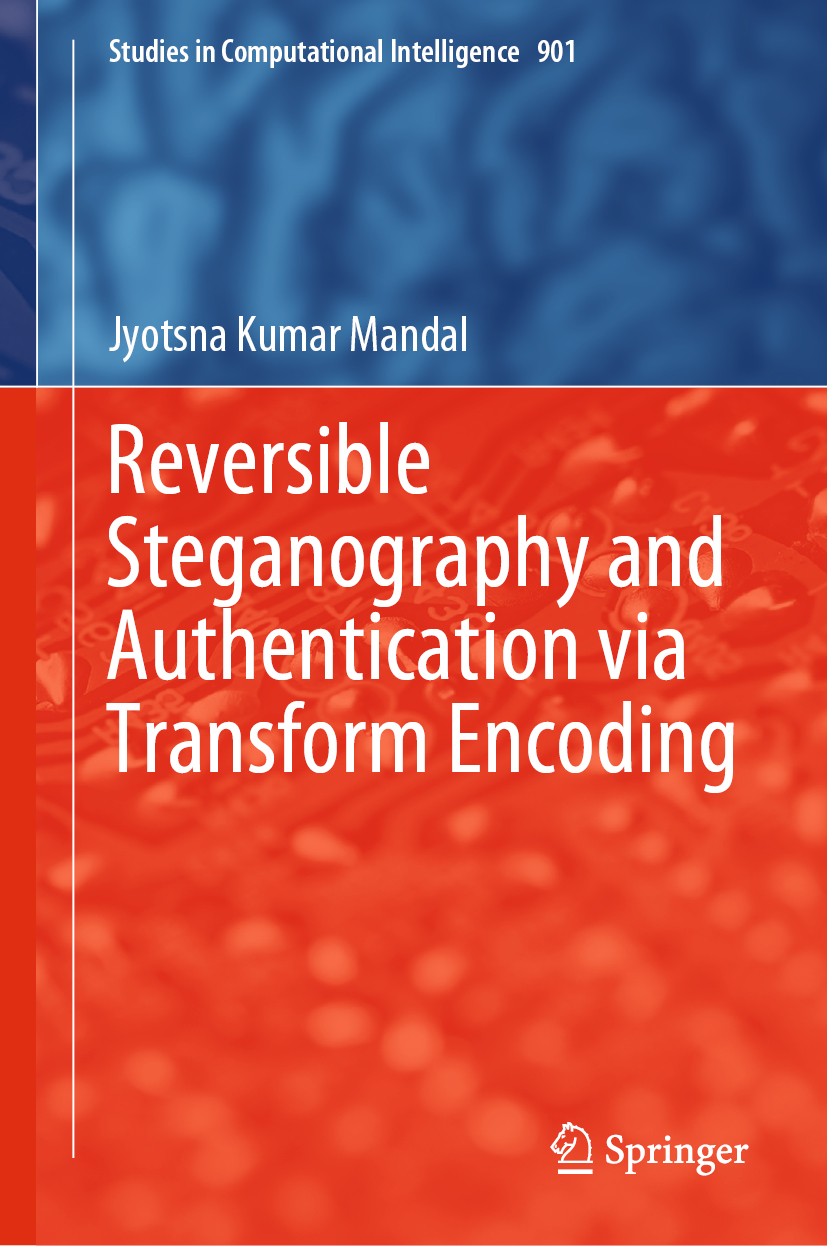
Reversible Steganography and Authentication via Transform Encoding This book focuses on reversible steganography and authentication via transform encoding, fully discussing in detail the reversibility computation of six transformation techniques: DFT, DCT, wavelets, Z, binomial and grouplet, as well as chaos-based authentication. The book also describes algorithmic approaches based on all transformations along with implementation details and results. Further topics include embedding and extraction into the spatial domain, tuning using GA-based approaches and embedding into imaginary coefficients of the Z domain. Featuring detailed algorithms for encryption and descriptions of all techniques, including embedding techniques for all transform-based steganographic processes, the book also explores the adjustment of pixel values after embedding and presents numerical examples of reversible computations. In the context of chaos-based authentication, it also describes testing the quality of generator is using Monobit, Serial and Poker tests. The book then outlines 15 test cases recommended by NIST fifteen test cases, along with their implementation on six evolutionary algorithms for neural cryptographic systems in the context of wireless computations – TPM, KSOMSCT, DHLPSCT, CHDLPSCT, CTHLPSCT and CGTHLPSCT – and verifies their satisfiability based on the implementations of these six techniques. Lastly it presents various metrics of image processing systems. This book is a valuable reference resource for research scholars, PG/UG students and practicing engineers TECHNOLOGY & ENGINEERING,Engineering (General)
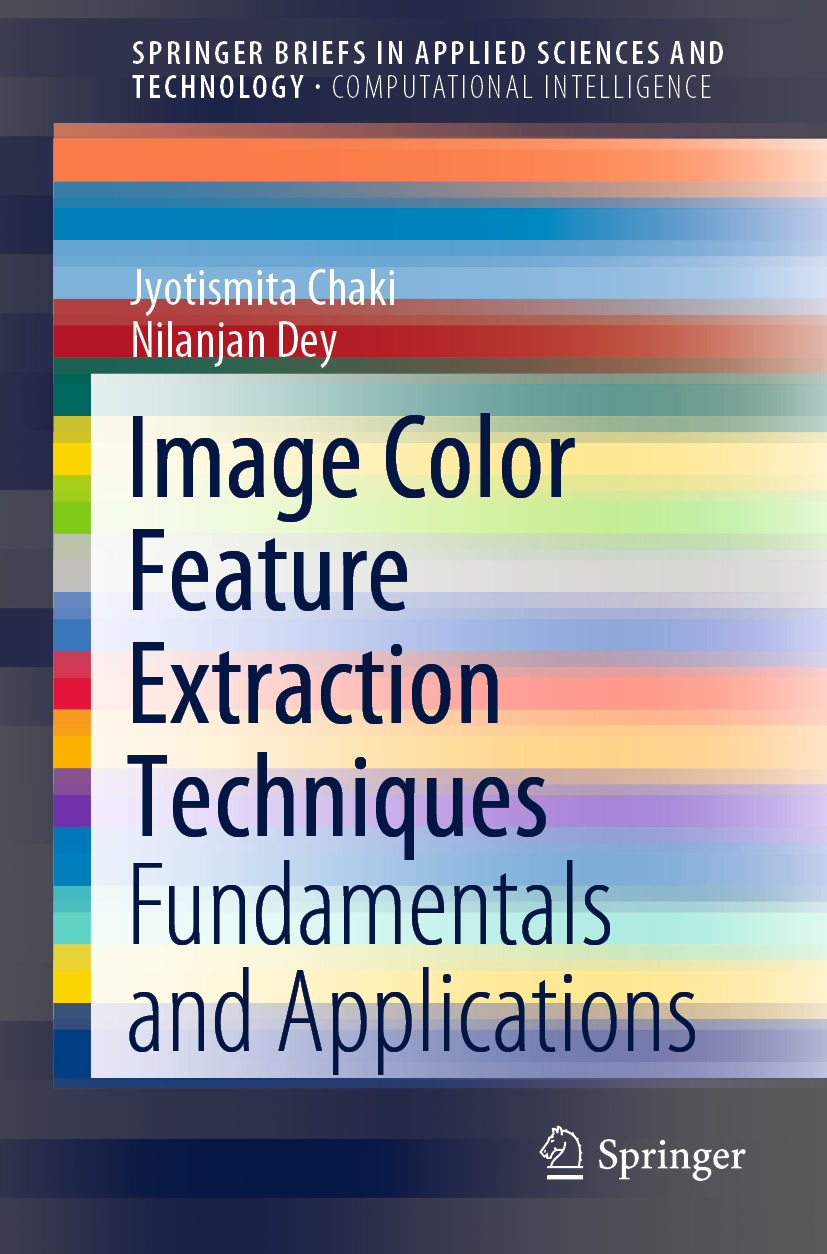
Image Color Feature Extraction Techniques This book introduces a range of image color feature extraction techniques. Readers are encouraged to try implementing the techniques discussed here on their own, all of which are presented in a very simple and step-by-step manner. In addition, the book can be used as an introduction to image color feature techniques for those who are new to the research field and software. The techniques are very easy to understand as most of them are described with pictorial examples. Not only the techniques themselves, but also their applications are covered. Accordingly, the book offers a valuable guide to these tools, which are a vital component of content-based image retrieval (CBIR). TECHNOLOGY & ENGINEERING,Engineering (General)
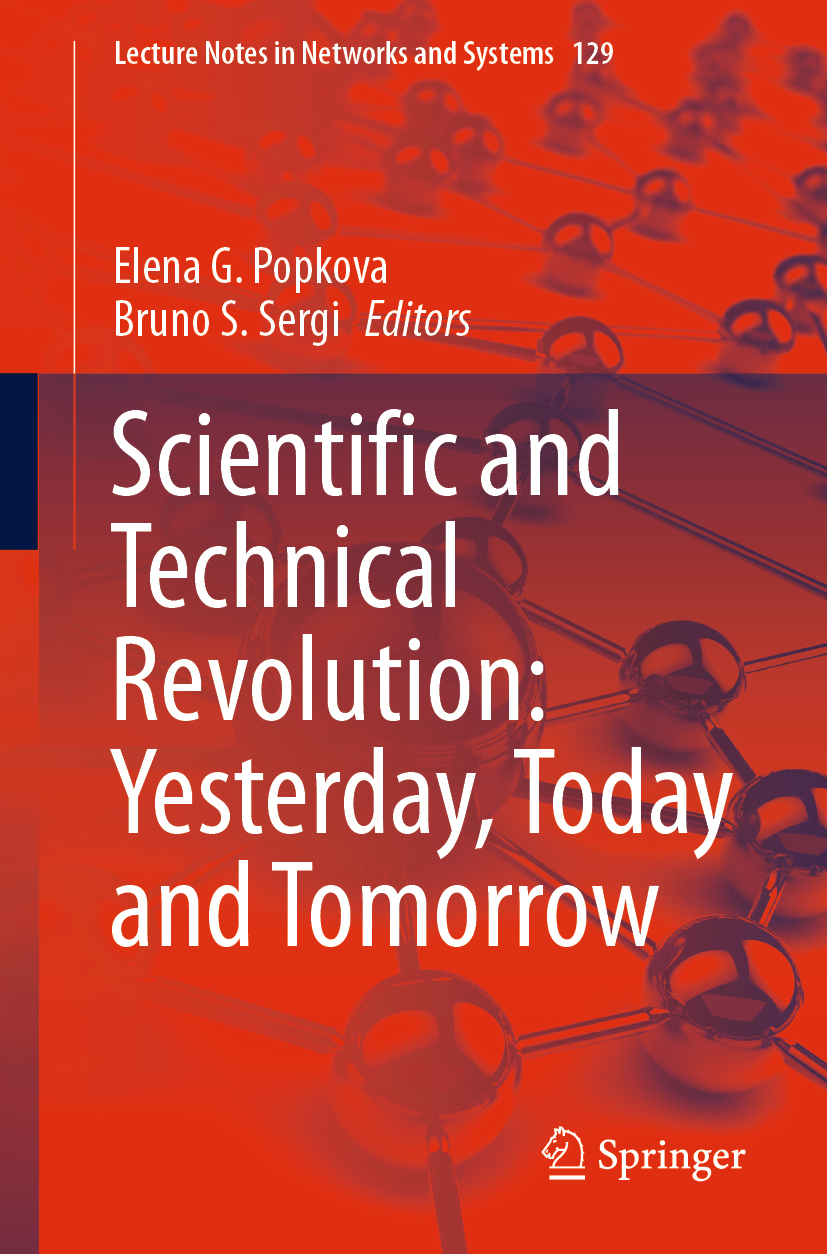
Scientific and Technical Revolution This book presents a system view of the digital scientific and technological revolution, including its genesis and prerequisites, current trends, as well as current and potential issues and future prospects. It gathers selected research papers presented at the 12th International Scientific and Practical Conference, organized by the Institute of Scientific Communications. The conference “Artificial Intelligence: Anthropogenic Nature vs. Social Origin†took place on December 5–7, 2019 in Krasnoyarsk, Russia.The book is intended for academic researchers and independent experts studying the social and human aspects of the Fourth Industrial Revolution and the associated transition to the digital economy and Industry 4.0, as well as the creators of the legal framework for this process and its participants – entrepreneurs, managers, employees and consumers. It covers a variety of topics, including “intelligent†technologies and artificial intelligence, the digital economy, the social environment of the Fourth Industrial Revolution and its consequences for humans, the regulatory framework of the Fourth Industrial Revolution, and the “green†consequences, prospects and financing of the Fourth Industrial Revolution. TECHNOLOGY & ENGINEERING,Engineering (General)
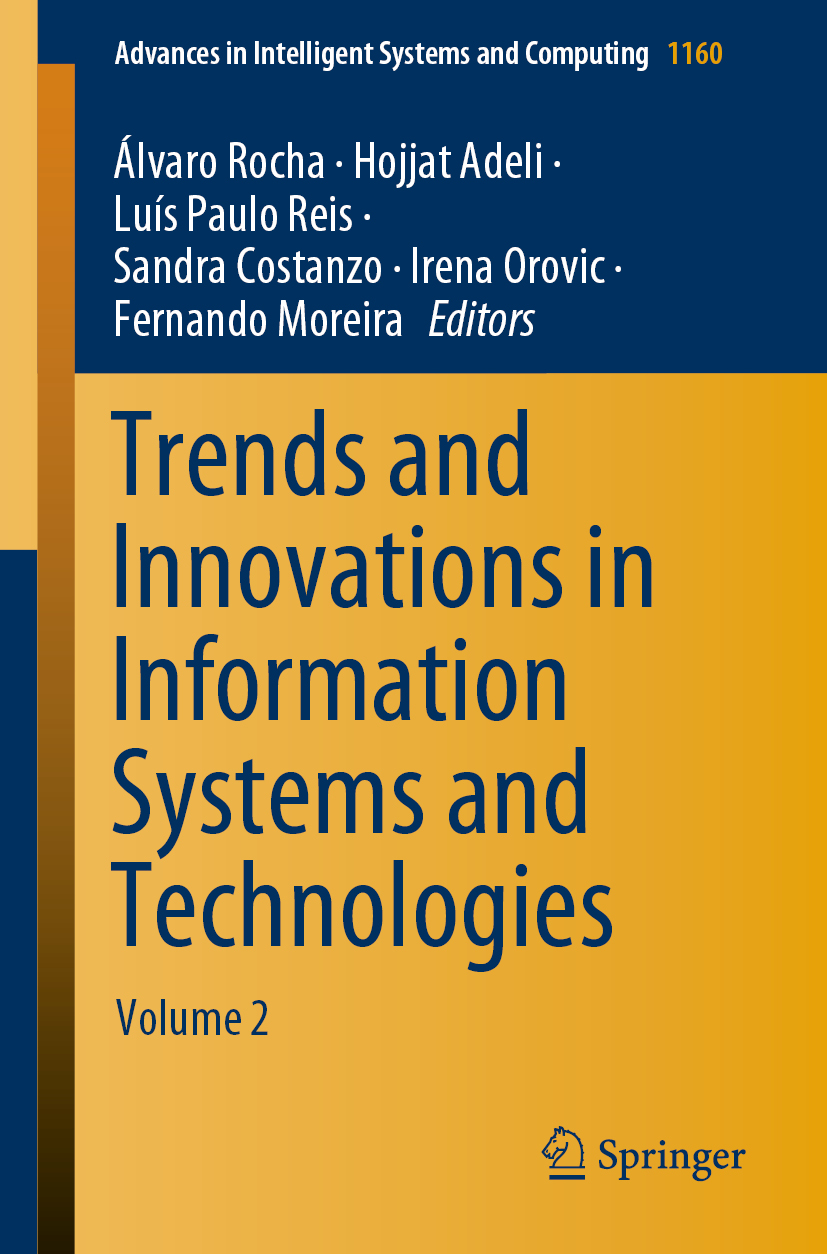
Trends and Innovations in Information Systems and Technologies This book gathers selected papers presented at the 2020 World Conference on Information Systems and Technologies (WorldCIST’20), held in Budva, Montenegro, from April 7 to 10, 2020. WorldCIST provides a global forum for researchers and practitioners to present and discuss recent results and innovations, current trends, professional experiences with and challenges regarding various aspects of modern information systems and technologies. The main topics covered are A) Information and Knowledge Management; B) Organizational Models and Information Systems; C) Software and Systems Modeling; D) Software Systems, Architectures, Applications and Tools; E) Multimedia Systems and Applications; F) Computer Networks, Mobility and Pervasive Systems; G) Intelligent and Decision Support Systems; H) Big Data Analytics and Applications; I) Human–Computer Interaction; J) Ethics, Computers & Security; K) Health Informatics; L) Information Technologies in Education; M) Information Technologies in Radiocommunications; and N) Technologies for Biomedical Applications. TECHNOLOGY & ENGINEERING,Engineering (General)
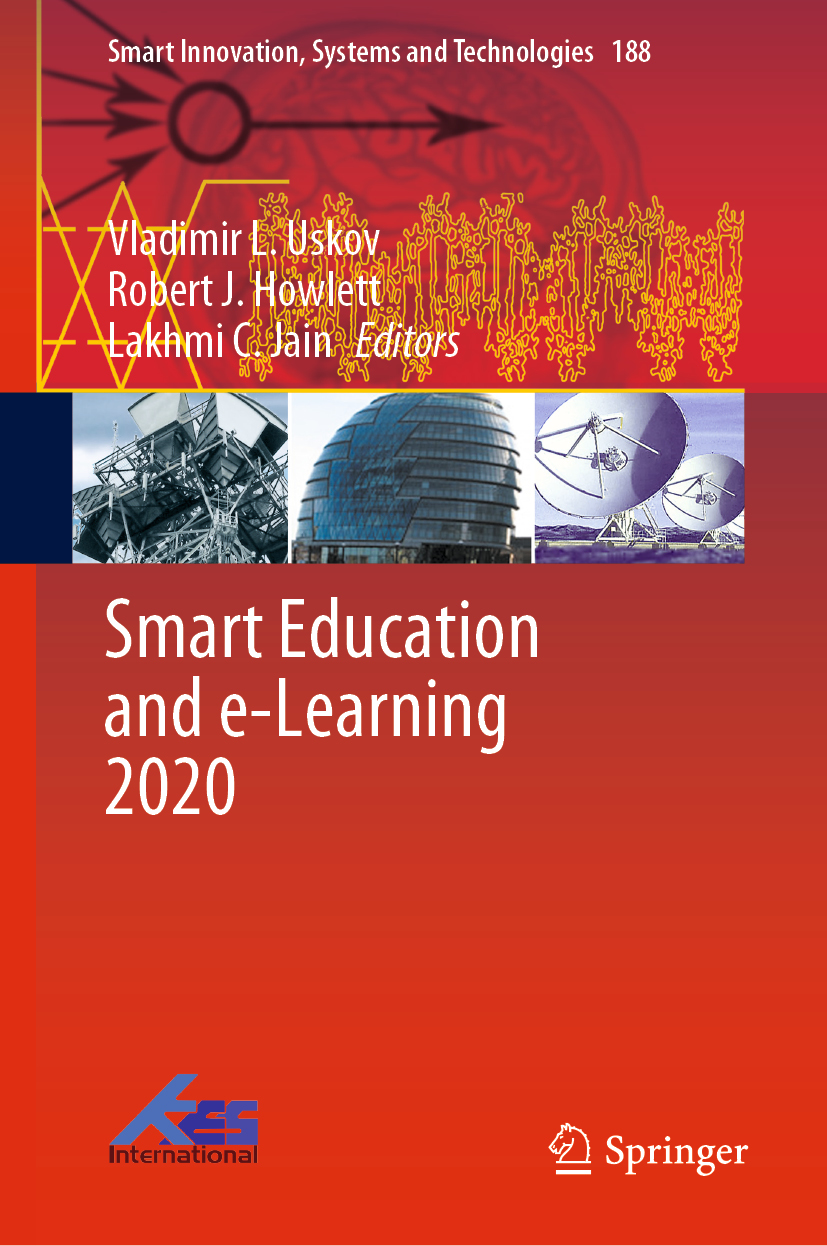
Smart Education and e-Learning 2020 This book contains the contributions presented at the 7th international KES conference on Smart Education and e-Learning (KES SEEL-2020), which being held as a virtual conference on June 17-19, 2020. It contains fifty three high quality peer-reviewed papers that are grouped into several interconnected parts: Part 1 – Smart Education, Part 2 – Smart e-Learning, Part 3 – Smart Pedagogy, Part 4 - Smart Education: Systems and Technology, Part 5 – Smart Education: Case Studies and Research, Part 6 - Smart University Development: Organizational and Managerial Issues, Part 7 - Smart Education and Smart Universities and their Impact on Students with Disabilities, Part 8 - Mathematical Models in Smart Education and e-Learning, and Part 9 - Models of Professional Practice in Higher Education. Smart education and smart e-learning are emerging and rapidly growing areas with the potential to transform existing teaching strategies, learning environments, and educational activities and technology in the classroom. Smart education and smart e-learning focus on enabling instructors to develop new ways of achieving excellence in teaching in highly technological smart classrooms, and providing students with new opportunities to maximize their success and select the best options for their education, location and learning style, as well as the mode of content delivery. This book serves as a useful source of research data and valuable information on current research projects, best practices and case studies for faculty, scholars, Ph.D. students, administrators, and practitioners – all those who are interested in smart education and smart e-learning. TECHNOLOGY & ENGINEERING,Engineering (General)
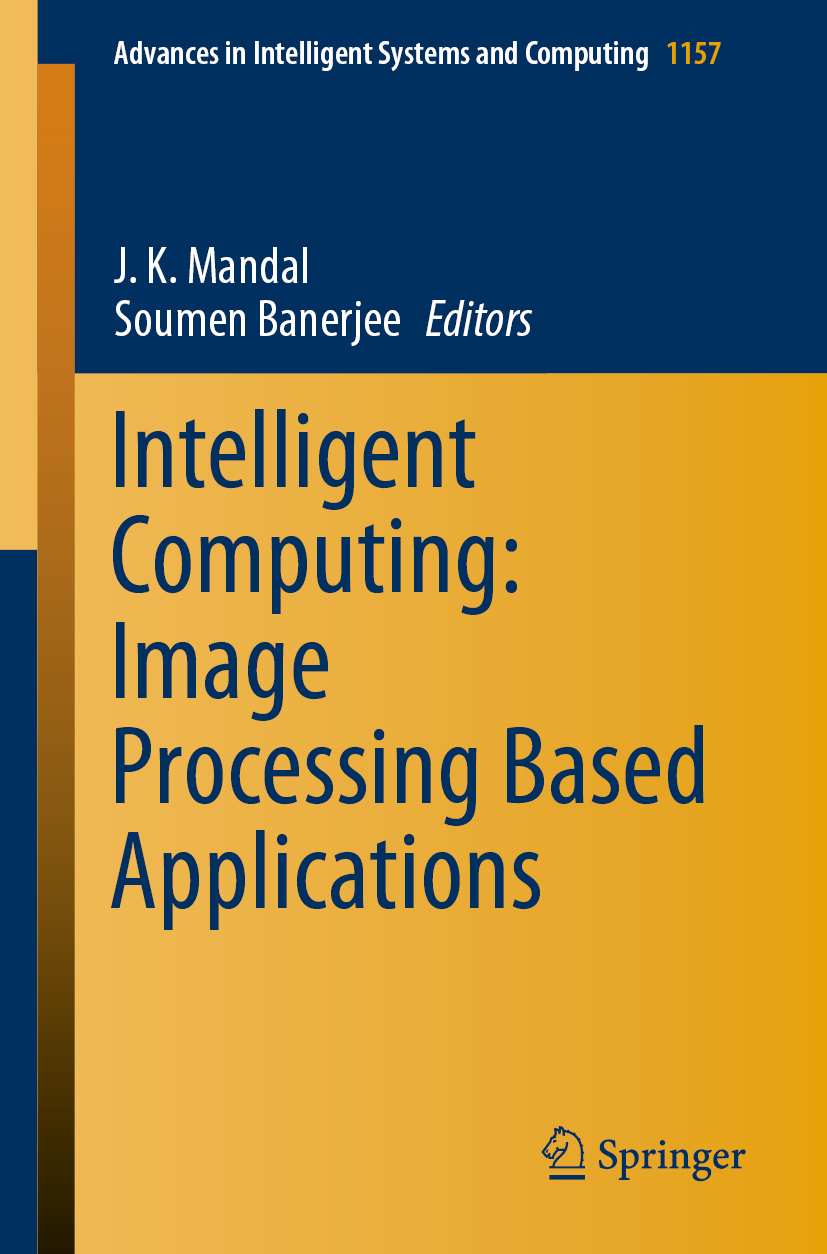
Intelligent Computing This book features a collection of extended versions of papers presented at OPTRONIX 2019, held at the University of Engineering & Management, Kolkata, India, on 18 – 20, March 2019. It includes research on the detection of skin disease, breast tumors, lung cancer and rotten fruit based on intelligent image processing applications, intelligent computing, neuro-fuzzy applications, soil moisture prediction, intelligent encryption and authentication, as well as image analysis and image analytics. TECHNOLOGY & ENGINEERING,Engineering (General)
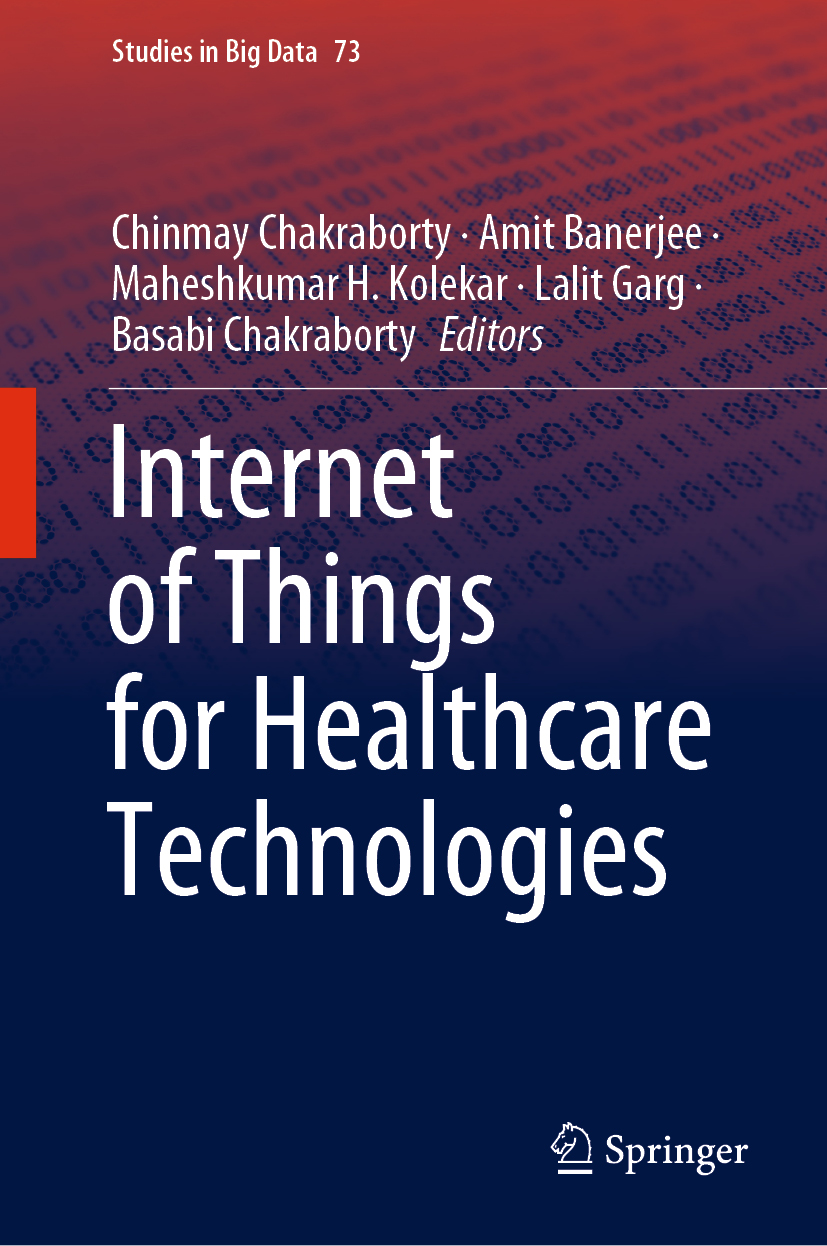
Internet of Things for Healthcare Technologies This book focuses on recent advances in the Internet of Things (IoT) in biomedical and healthcare technologies, presenting theoretical, methodological, well-established, and validated empirical work in these fields. Artificial intelligence and IoT are set to revolutionize all industries, but perhaps none so much as health care. Both biomedicine and machine learning applications are capable of analyzing data stored in national health databases in order to identify potential health problems, complications and effective protocols, and a range of wearable devices for biomedical and healthcare applications far beyond tracking individuals’ steps each day has emerged. These prosthetic technologies have made significant strides in recent decades with the advances in materials and development. As a result, more flexible, more mobile chip-enabled prosthetics or other robotic devices are on the horizon. For example, IoT-enabled wireless ECG sensors that reduce healthcare cost, and lead to better quality of life for cardiac patients. This book focuses on three current trends that are likely to have a significant impact on future healthcare: Advanced Medical Imaging and Signal Processing; Biomedical Sensors; and Biotechnological and Healthcare Advances. It also presents new methods of evaluating medical data, and diagnosing diseases in order to improve general quality of life. TECHNOLOGY & ENGINEERING,Engineering (General)
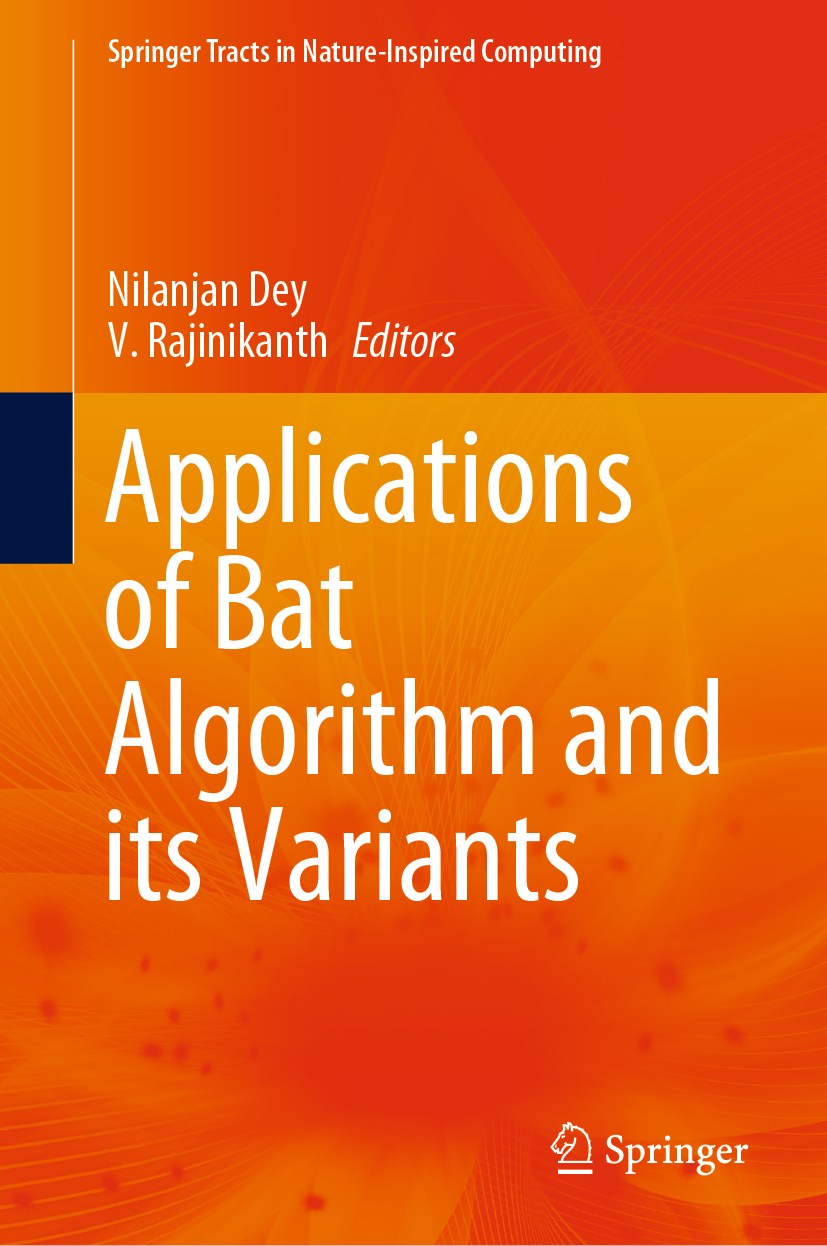
Applications of Bat Algorithm and its Variants This book highlights essential concepts in connection with the traditional bat algorithm and its recent variants, as well as its application to find optimal solutions for a variety of real-world engineering and medical problems. Today, swarm intelligence-based meta-heuristic algorithms are extensively being used to address a wide range of real-world optimization problems due to their adaptability and robustness. Developed in 2009, the bat algorithm (BA) is one of the most successful swarm intelligence procedures, and has been used to tackle optimization tasks for more than a decade. The BA’s mathematical model is quite straightforward and easy to understand and enhance, compared to other swarm approaches. Hence, it has attracted the attention of researchers who are working to find optimal solutions in a diverse range of domains, such as N-dimensional numerical optimization, constrained/unconstrained optimization and linear/nonlinear optimization problems. Along with the traditional BA, its enhanced versions are now also being used to solve optimization problems in science, engineering and medical applications around the globe. TECHNOLOGY & ENGINEERING,Engineering (General)
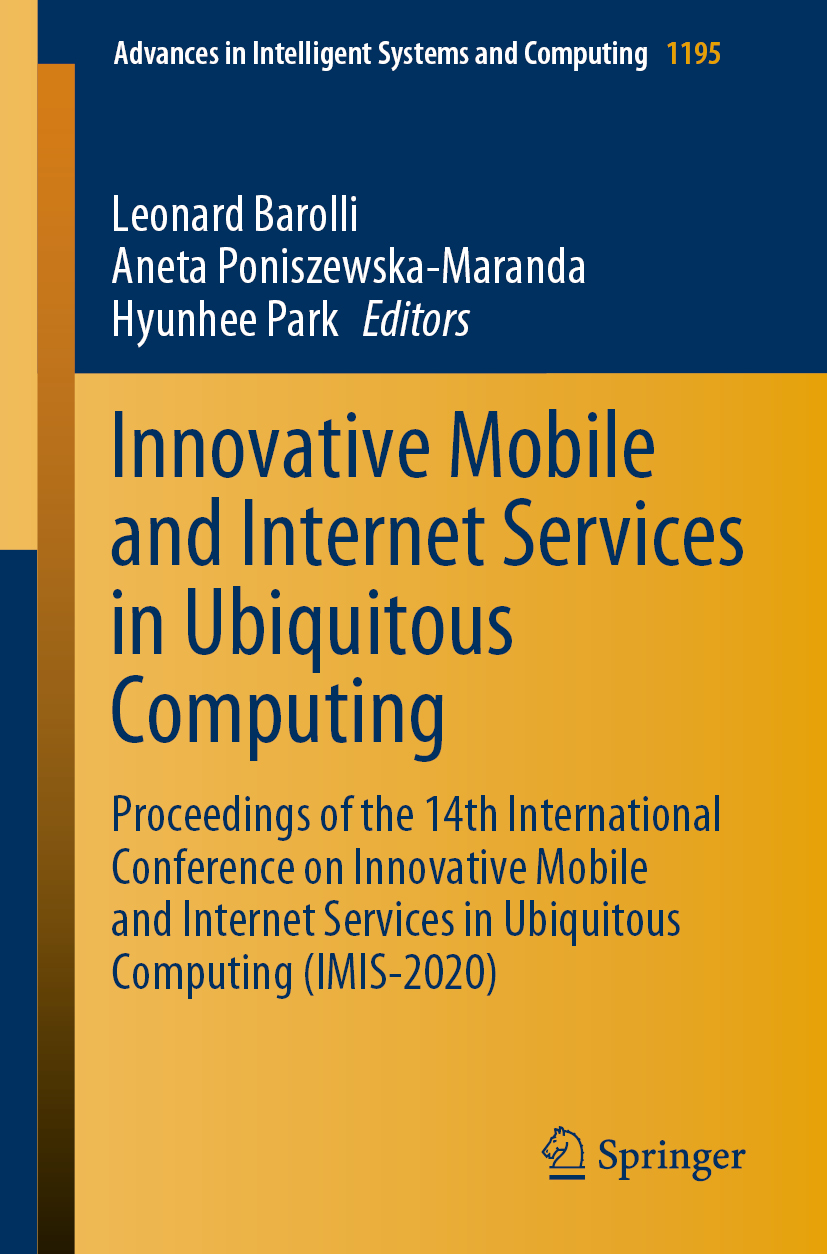
Innovative Mobile and Internet Services in Ubiquitous Computing This book presents the latest research findings, methods and development techniques, challenges and solutions concerning UPC from both theoretical and practical perspectives, with an emphasis on innovative, mobile and Internet services. With the proliferation of wireless technologies and electronic devices, there is a rapidly growing interest in Ubiquitous and Pervasive Computing (UPC), which makes it possible to create a human-oriented computing environment in which computer chips are embedded in everyday objects and interact with the physical world. Through UPC, people can go online even while moving around, thus enjoying nearly permanent access to their preferred services. Though it has the potential to revolutionize our lives, UPC also poses a number of new research challenges. TECHNOLOGY & ENGINEERING,Engineering (General)
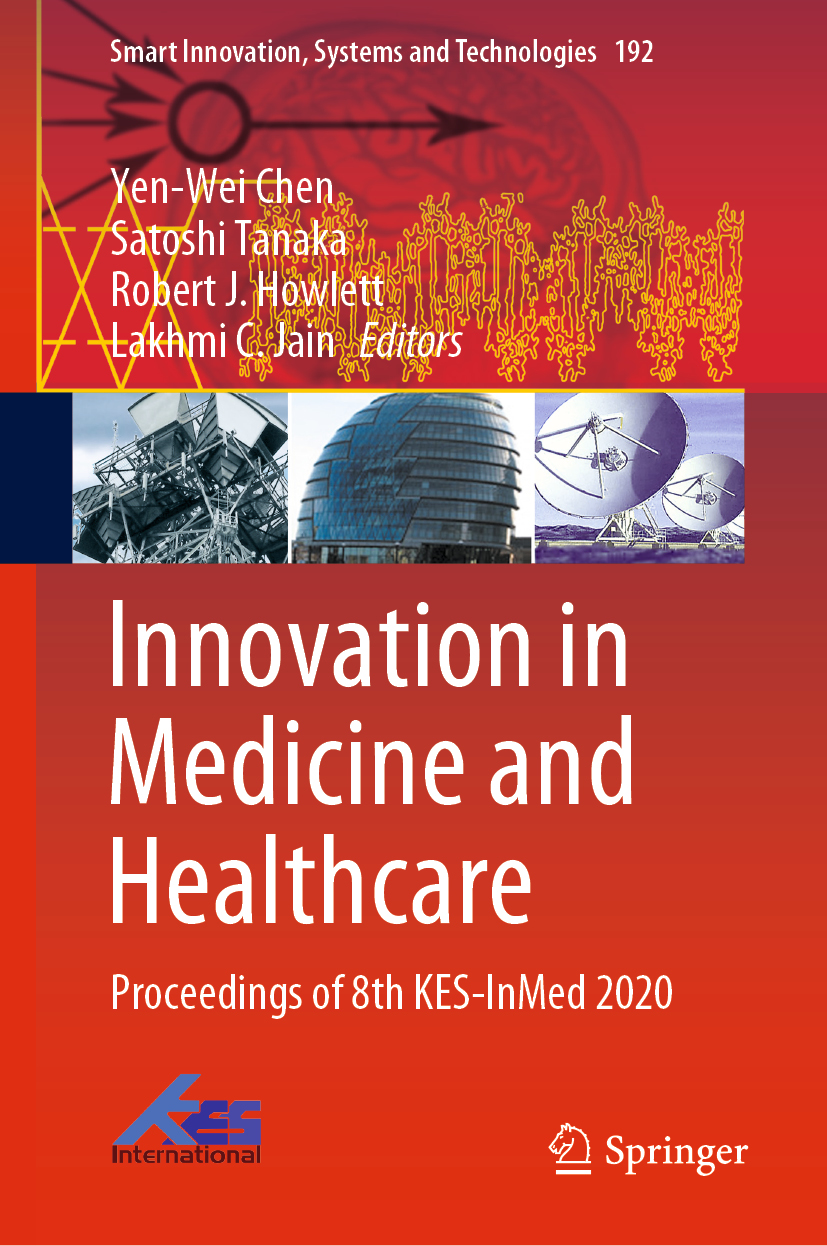
Innovation in Medicine and Healthcare This book presents the proceedings of the KES International Conferences on Innovation in Medicine and Healthcare (KES-InMed-19), held in Split, Croatia, on June 17–19, 2020. Covering a number of key areas, including digital IT architecture in healthcare; advanced ICT for medicine and healthcare; biomedical engineering, trends, research and technologies; and healthcare support systems, this book is a valuable resource for researchers, managers, industrialists and anyone wishing to gain an overview of the latest research in these fields. TECHNOLOGY & ENGINEERING,Engineering (General)
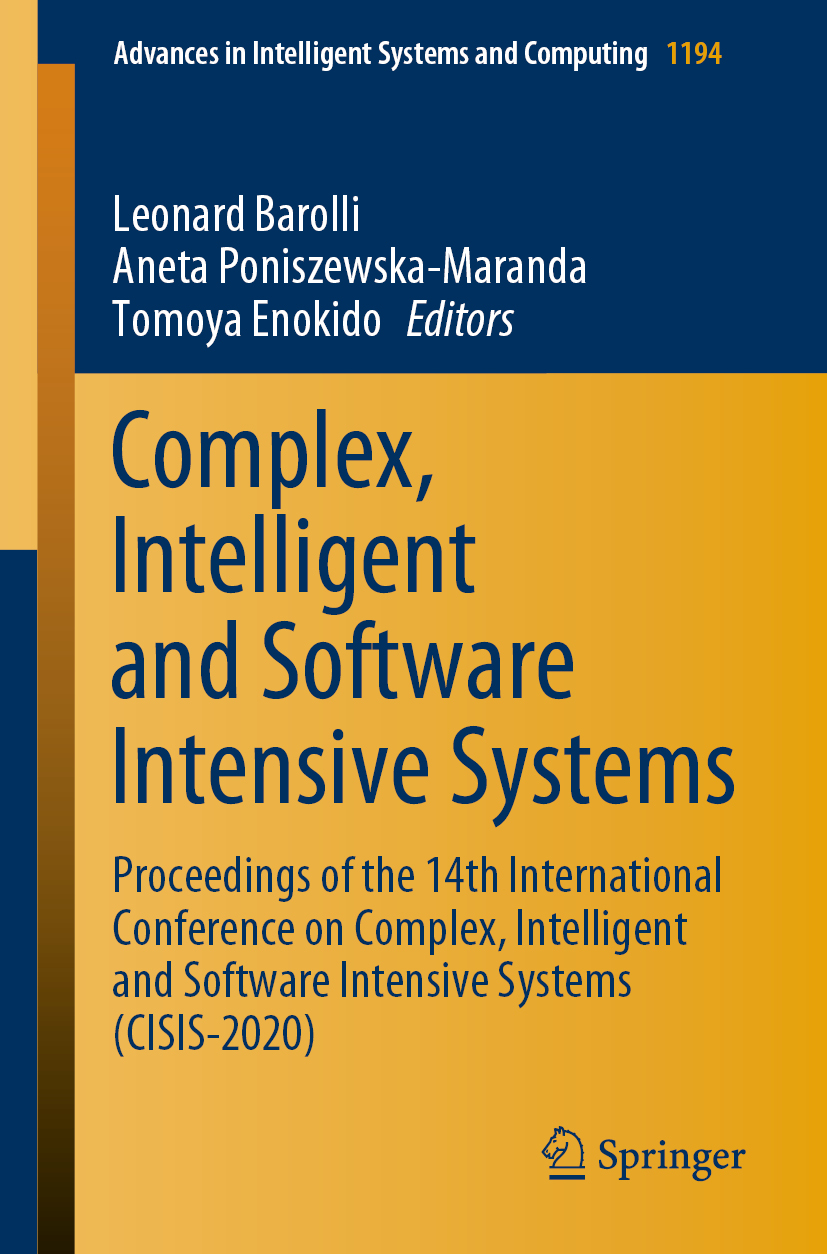
Complex, Intelligent and Software Intensive Systems This book explores three interwoven and challenging areas of research and development for future ICT-enabled applications: software intensive systems, complex systems and intelligent systems. Software intensive systems are systems that extensively interact with other systems, sensors, actuators, devices and users. More and more domains are now employing software intensive systems, e.g. the automotive sector, telecommunication systems, embedded systems in general, industrial automation systems and business applications. Moreover, the outcome of web services offers a new platform for enabling software intensive systems. Complex systems research is focused on the overall understanding of systems rather than their components. Complex systems are very much characterized by the changing environments in which they operate through their multiple internal and external interactions. They evolve and adapt through (internal and external) dynamic interactions. The development of intelligent systems and agents, which is increasingly characterized by the use of ontologies, can be beneficial for software intensive systems and complex systems alike. Accordingly, recent research in the areas of intelligent systems, robotics, neuroscience, artificial intelligence, and the cognitive sciences is essential to the future development of software intensive and complex systems. TECHNOLOGY & ENGINEERING,Engineering (General)
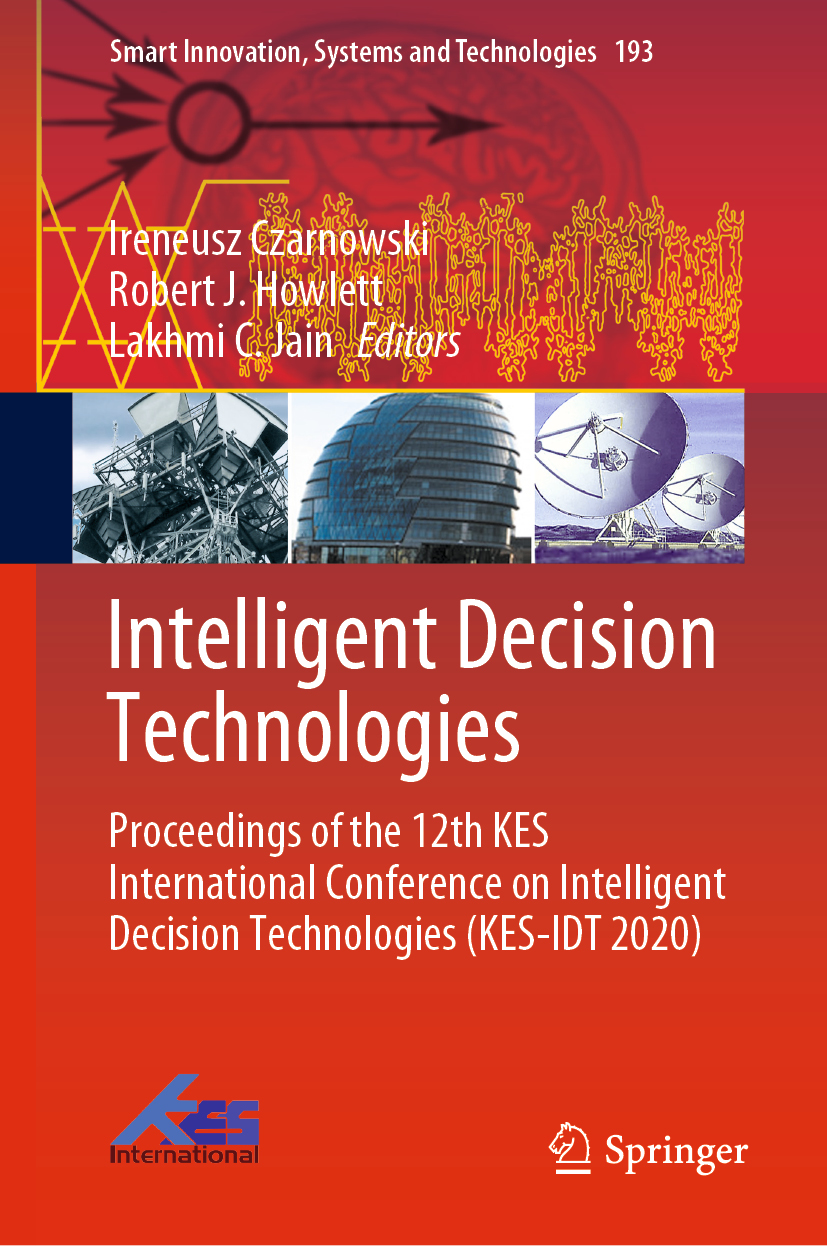
Intelligent Decision Technologies This book gathers selected papers from the KES-IDT-2020 Conference, held as a Virtual Conference on June 17–19, 2020. The aim of the annual conference was to present and discuss the latest research results, and to generate new ideas in the field of intelligent decision-making. However, the range of topics discussed during the conference was definitely broader and covered methods in e.g. classification, prediction, data analysis, big data, data science, decision support, knowledge engineering, and modeling in such diverse areas as finance, cybersecurity, economics, health, management and transportation. The Problems in Industry 4.0 and IoT are also addressed. The book contains several sections devoted to specific topics, such as Intelligent Data Processing and its Applications High-Dimensional Data Analysis and its Applications Multi-Criteria Decision Analysis – Theory and Applications Large-Scale Systems for Intelligent Decision-Making and Knowledge Engineering Decision Technologies and Related Topics in Big Data Analysis of Social and Financial Issues Decision-Making Theory for Economics TECHNOLOGY & ENGINEERING,Engineering (General)

Advances in Distributed Computing and Machine Learning This book presents recent advances in the field of distributed computing and machine learning, along with cutting-edge research in the field of Internet of Things (IoT) and blockchain in distributed environments. It features selected high-quality research papers from the First International Conference on Advances in Distributed Computing and Machine Learning (ICADCML 2020), organized by the School of Information Technology and Engineering, VIT, Vellore, India, and held on 30–31 January 2020. TECHNOLOGY & ENGINEERING,Engineering (General)
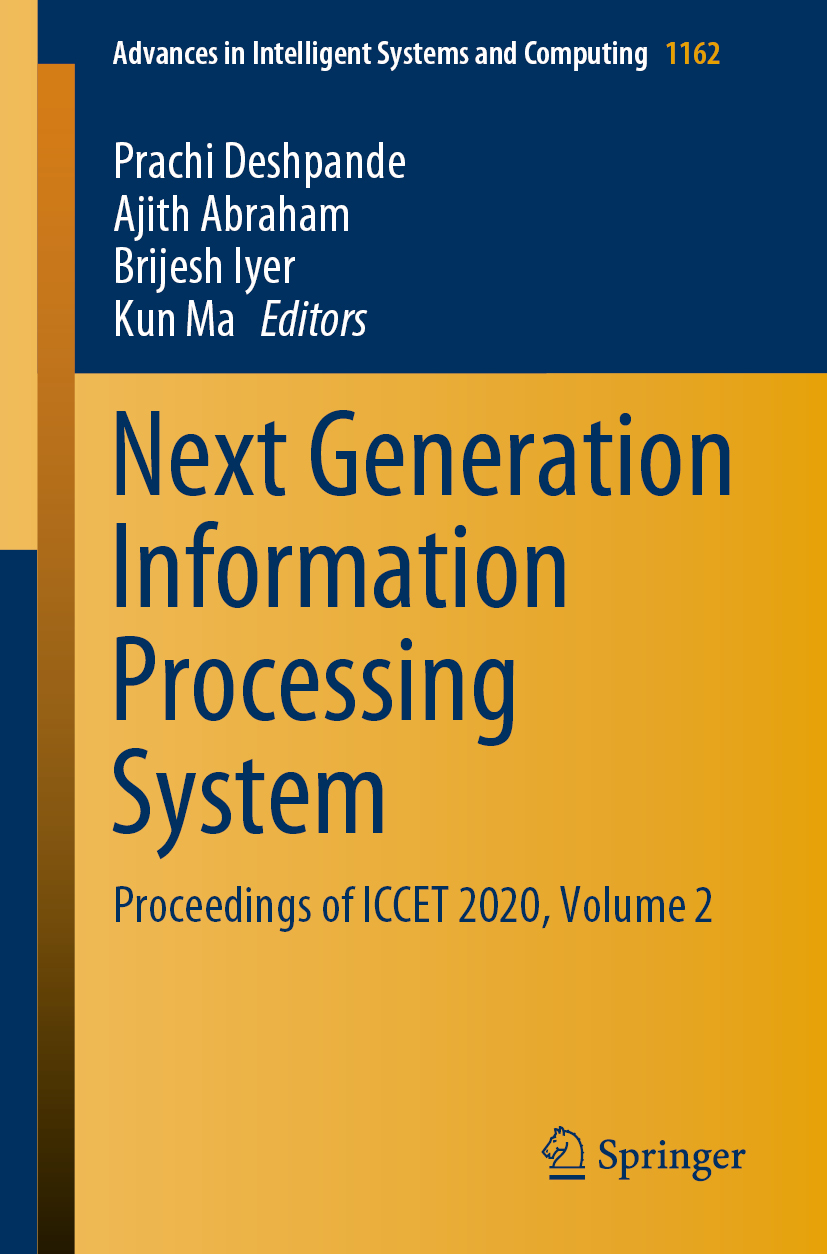
Next Generation Information Processing System This book gathers high-quality research papers presented at the International Conference on Computing in Engineering and Technology (ICCET 2020) [formerly ICCASP], a flagship event in the area of engineering and emerging next-generation technologies jointly organized by the Dr. Babasaheb Ambedkar Technological University and MGM’s College of Engineering in Nanded, India, on 9-11 January 2020. Focusing on next-generation information processing systems, this second volume of the proceedings includes papers on cloud computing and information systems, artificial intelligence and the Internet of Things, hardware design and communication, and front-end design. TECHNOLOGY & ENGINEERING,Engineering (General)
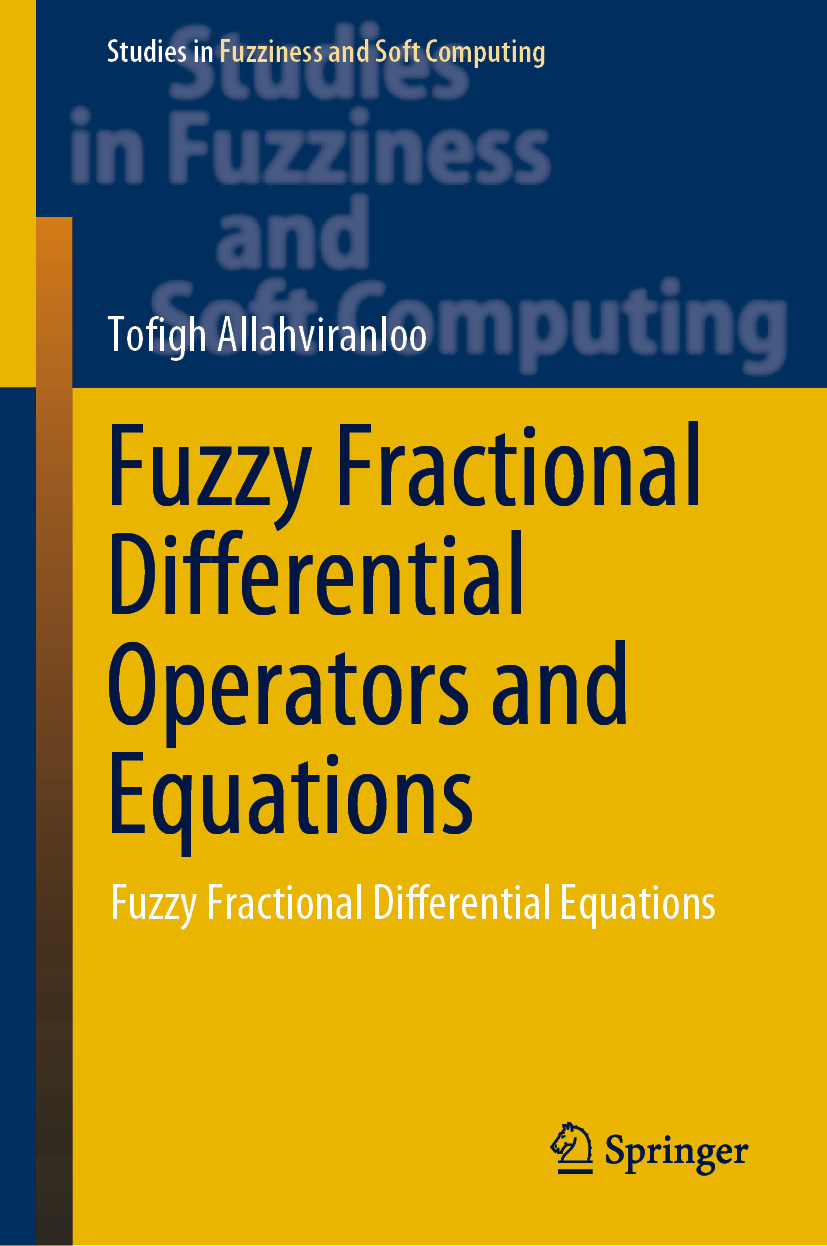
Fuzzy Fractional Differential Operators and Equations This book contains new and useful materials concerning fuzzy fractional differential and integral operators and their relationship. As the title of the book suggests, the fuzzy subject matter is one of the most important tools discussed. Therefore, it begins by providing a brief but important and new description of fuzzy sets and the computational calculus they require. Fuzzy fractals and fractional operators have a broad range of applications in the engineering, medical and economic sciences. Although these operators have been addressed briefly in previous papers, this book represents the first comprehensive collection of all relevant explanations. Most of the real problems in the biological and engineering sciences involve dynamic models, which are defined by fuzzy fractional operators in the form of fuzzy fractional initial value problems. Another important goal of this book is to solve these systems and analyze their solutions both theoretically and numerically. Given the content covered, the book will benefit all researchers and students in the mathematical and computer sciences, but also the engineering sciences. TECHNOLOGY & ENGINEERING,Engineering (General)

Active Above-Knee Prosthesis Active Above-Knee Prosthesis: A Guide to a Smart Prosthetic Leg presents original research and development results, providing a firsthand overview of idea generation and prototype production. The book gives insights into the problem of stair ascent for people with above-knee amputation and offers a solution in the form of a physical prototype of an active above-knee prosthesis with an actuated ankle. The book's authors have developed and tested a physical prototype of an active above-knee prosthesis, giving anyone who is researching and designing prosthetic devices firsthand knowledge on how to build on, and continue with, work that has already been done. Presents state-of-the-art technology in powered prosthetics Helps readers evaluate design options and create new developments Provides guidance on the evolution of advanced prosthetic design TECHNOLOGY & ENGINEERING,Engineering (General)
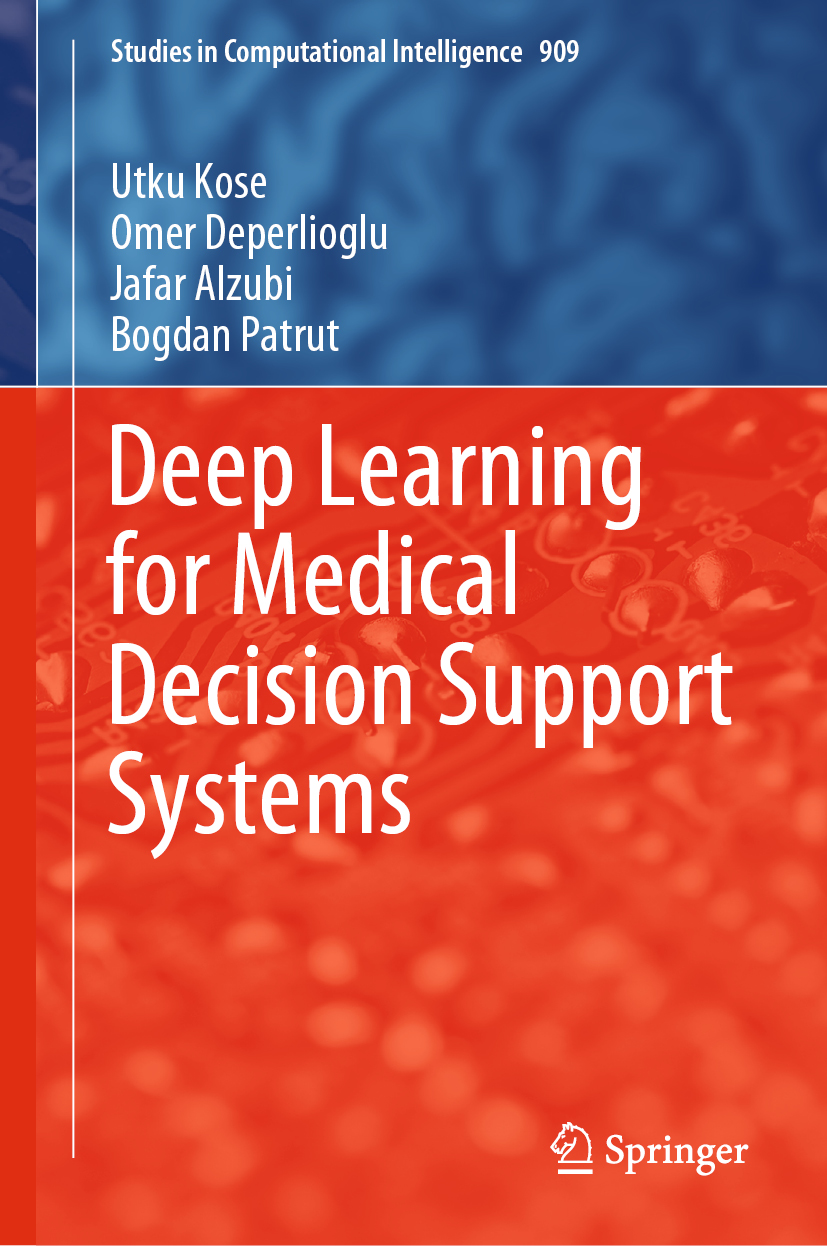
Deep Learning for Medical Decision Support Systems This book explores various applications of deep learning-oriented diagnosis leading to decision support, while also outlining the future face of medical decision support systems. Artificial intelligence has now become a ubiquitous aspect of modern life, and especially machine learning enjoysgreat popularity, since it offers techniques that are capable of learning from samples to solve newly encountered cases. Today, a recent form of machine learning, deep learning, is being widely used with large, complex quantities of data, because today’s problems require detailed analyses of more data. This is critical, especially in fields such as medicine. Accordingly, the objective of this book is to provide the essentials of and highlight recent applications of deep learning architectures for medical decision support systems. The target audience includes scientists, experts, MSc and PhD students, postdocs, and any readers interested in the subjectsdiscussed. The book canbe used as a reference work to support courses on artificial intelligence, machine/deep learning, medical and biomedicaleducation. TECHNOLOGY & ENGINEERING,Engineering (General)
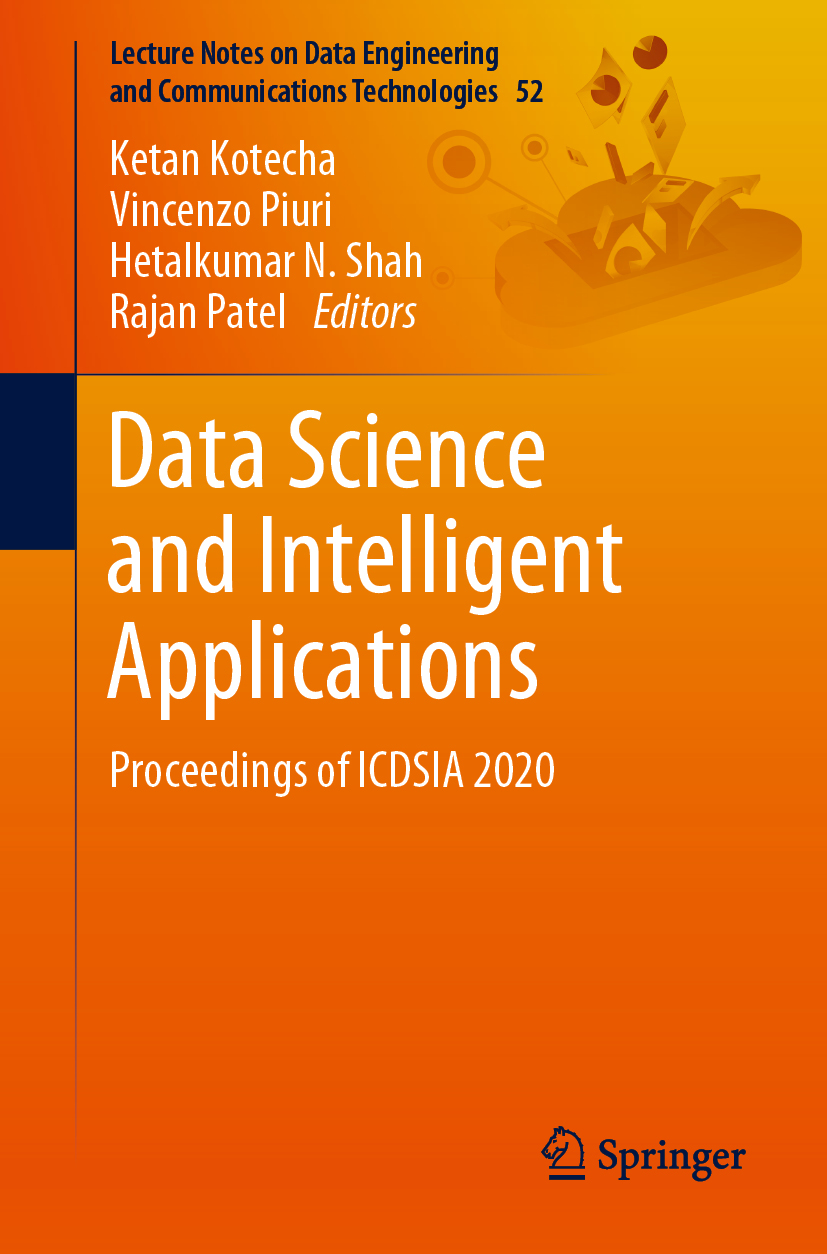
Data Science and Intelligent Applications This book includes selected papers from the International Conference on Data Science and Intelligent Applications (ICDSIA 2020), hosted by Gandhinagar Institute of Technology (GIT), Gujarat, India, on January 24–25, 2020. The proceedings present original and high-quality contributions on theory and practice concerning emerging technologies in the areas of data science and intelligent applications. The conference provides a forum for researchers from academia and industry to present and share their ideas, views and results, while also helping them approach the challenges of technological advancements from different viewpoints. The contributions cover a broad range of topics, including: collective intelligence, intelligent systems, IoT, fuzzy systems, Bayesian networks, ant colony optimization, data privacy and security, data mining, data warehousing, big data analytics, cloud computing, natural language processing, swarm intelligence, speech processing, machine learning and deep learning, and intelligent applications and systems. Helping strengthen the links between academia and industry, the book offers a valuable resource for instructors, students, industry practitioners, engineers, managers, researchers, and scientists alike. TECHNOLOGY & ENGINEERING,Engineering (General)
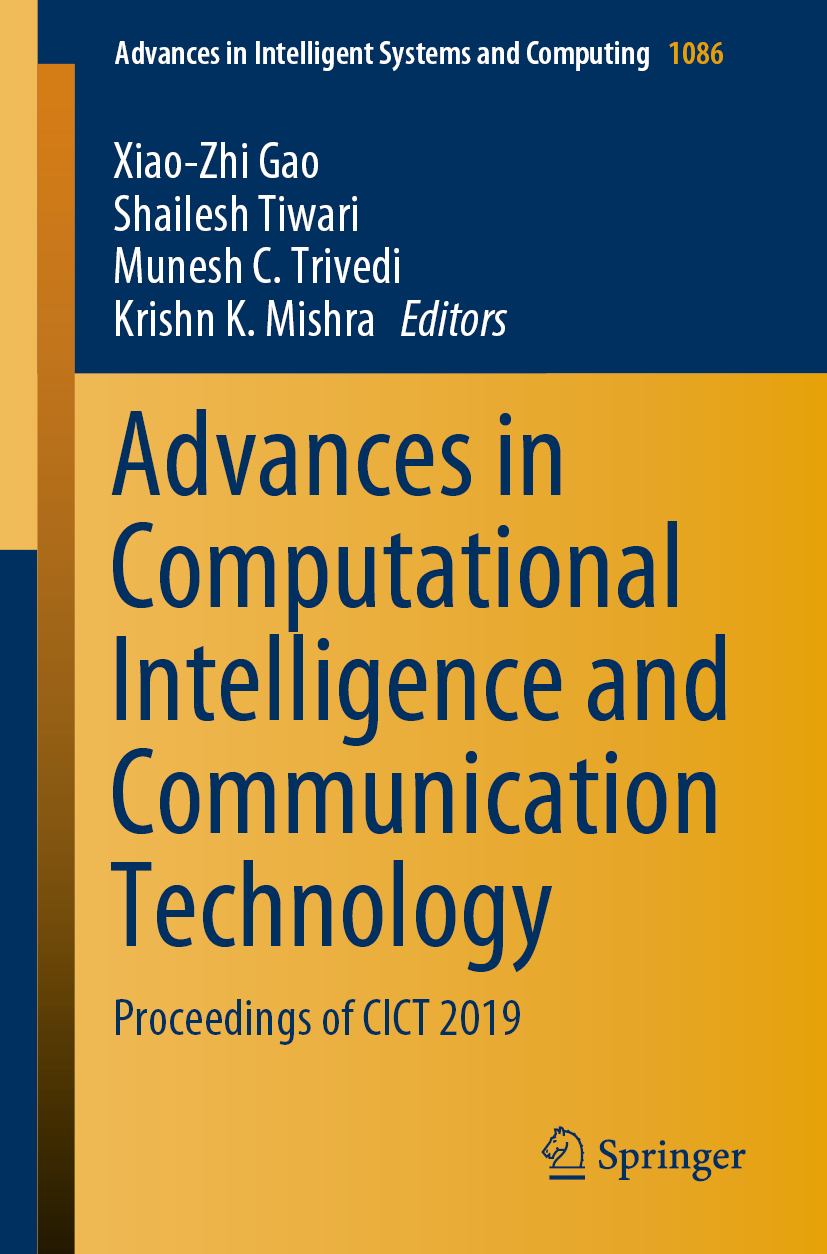
Advances in Computational Intelligence and Communication Technology This book features high-quality papers presented at the International Conference on Computational Intelligence and Communication Technology (CICT 2019) organized by ABES Engineering College, Ghaziabad, India, and held from February 22 to 23, 2019. It includes the latest advances and research findings in fields of computational science and communication such as communication & networking, web & informatics, hardware and software designs, distributed & parallel processing, advanced software engineering, advanced database management systems and bioinformatics. As such, it is of interest to research scholars, students, and engineers around the globe. TECHNOLOGY & ENGINEERING,Engineering (General)
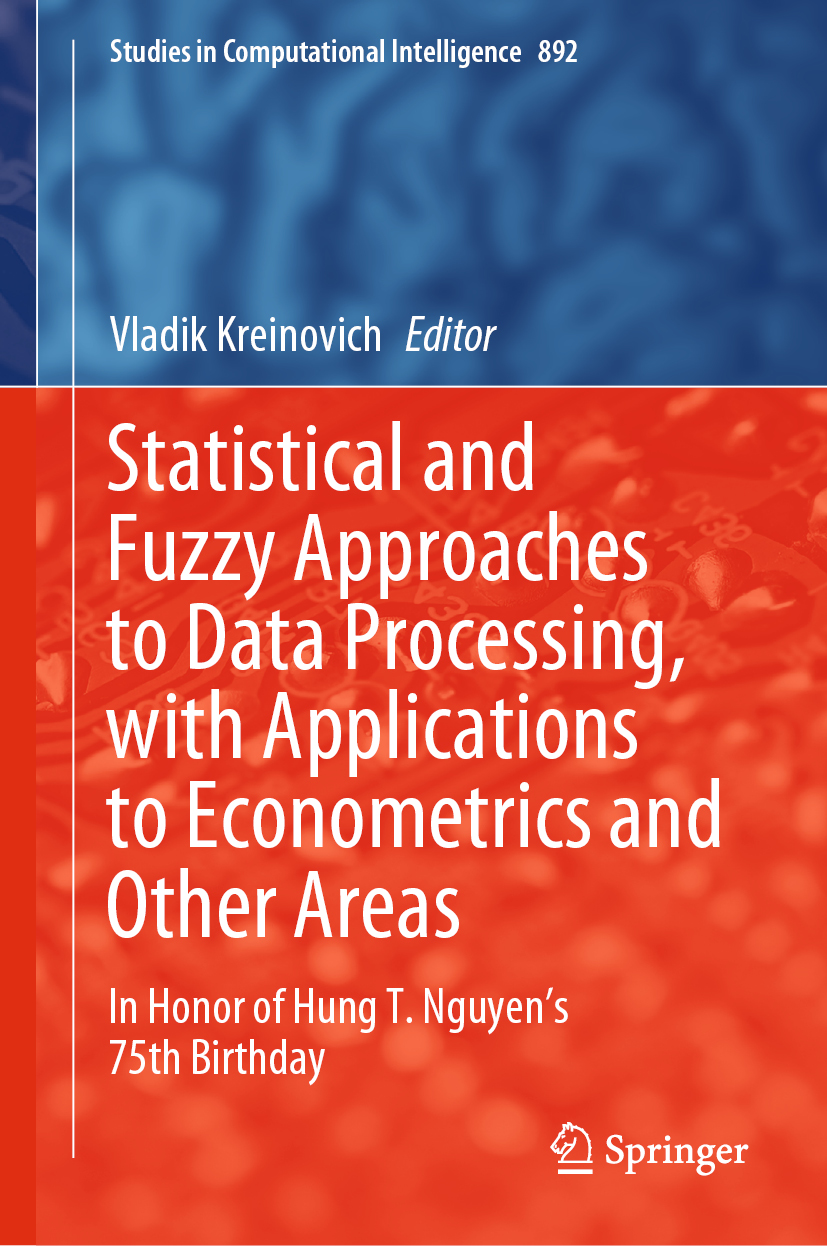
Statistical and Fuzzy Approaches to Data Processing, with Applications to Econometrics and Other Areas Mainly focusing on processing uncertainty, this book presents state-of-the-art techniques and demonstrates their use in applications to econometrics and other areas. Processing uncertainty is essential, considering that computers – which help us understand real-life processes and make better decisions based on that understanding – get their information from measurements or from expert estimates, neither of which is ever 100% accurate. Measurement uncertainty is usually described using probabilistic techniques, while uncertainty in expert estimates is often described using fuzzy techniques. Therefore, it is important to master both techniques for processing data. This book is highly recommended for researchers and students interested in the latest results and challenges in uncertainty, as well as practitioners who want to learn how to use the corresponding state-of-the-art techniques. TECHNOLOGY & ENGINEERING,Engineering (General)
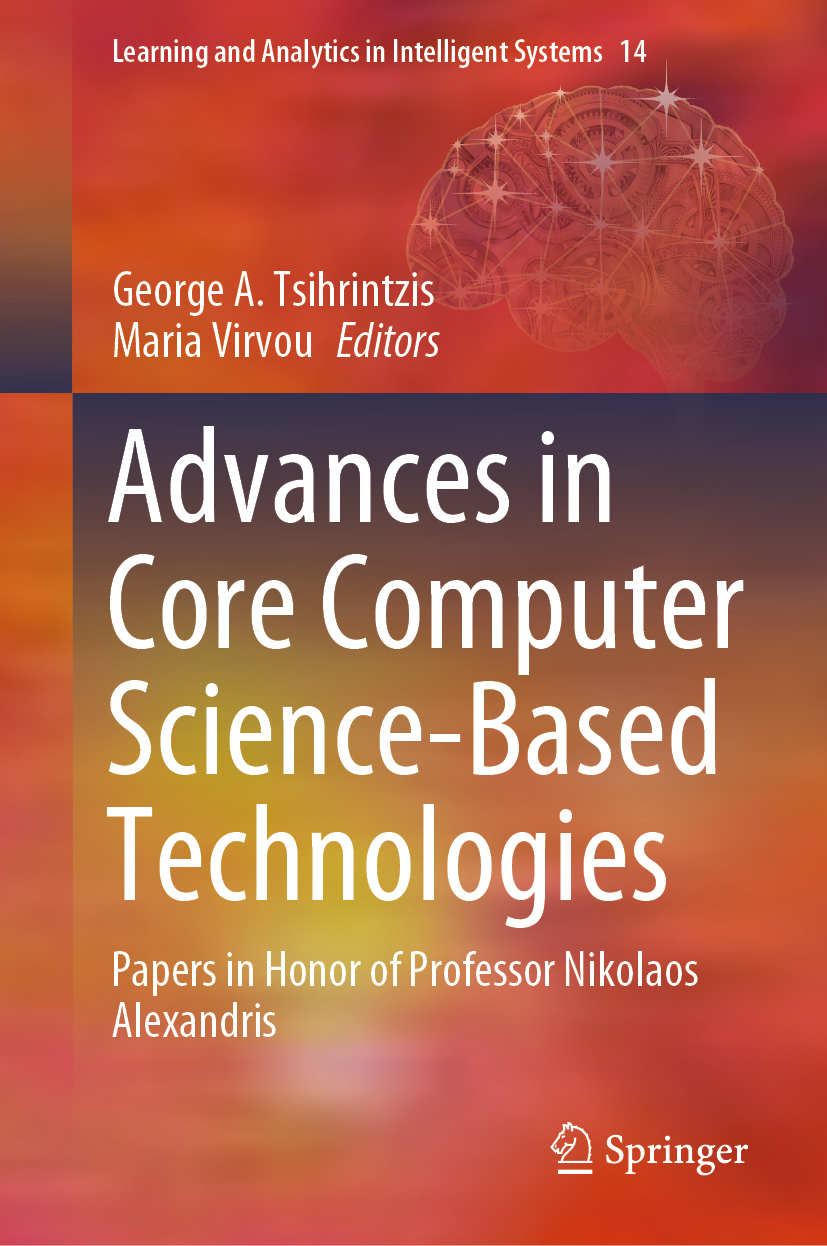
Advances in Core Computer Science-Based Technologies This book introduces readers to some of the most significant advances in core computer science-based technologies. At the dawn of the 4th Industrial Revolution, the field of computer science-based technologies is growing continuously and rapidly, and is developing both in itself and in terms of its applications in many other disciplines. Written by leading experts and consisting of 18 chapters, the book is divided into seven parts: (1) Computer Science-based Technologies in Education, (2) Computer Science-based Technologies in Risk Assessment and Readiness, (3) Computer Science-based Technologies in IoT, Blockchains and Electronic Money, (4) Computer Science-based Technologies in Mobile Computing, (5) Computer Science-based Technologies in Scheduling and Transportation, (6) Computer Science-based Technologies in Medicine and Biology, and (7) Theoretical Advances in Computer Science with Significant Potential Applications in Technology. Featuring an extensive list of bibliographic references at the end of each chapter to help readers probe further into the application areas of interest to them, this book is intended for professors, researchers, scientists, engineers and students in computer science-related disciplines. It is also useful for those from other disciplines wanting to become well versed in some of the latest computer science-based technologies. TECHNOLOGY & ENGINEERING,Engineering (General)
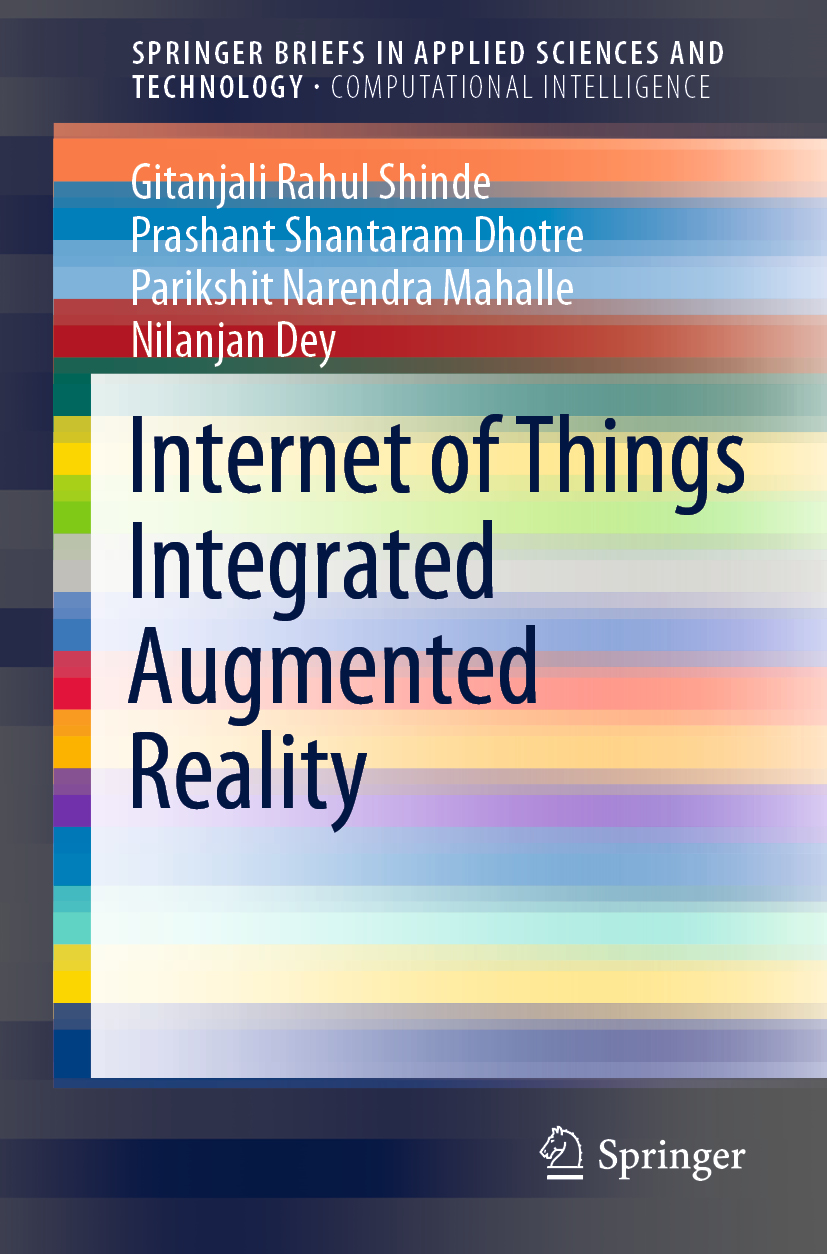
Internet of Things Integrated Augmented Reality This book discusses the use of converged technology, a rapidly growing area that enhancements smart devices, communication, Internet of things (IoT), and augmented reality (AR). The book also explores the need for convergence of IoT and AR for various purposes, like personalized services, context awareness, and bridging the gap between the physical and digital world. Furthermore, it examines the implementation of IoT and AR in use cases to define pathways that allow application developers to design modern solutions to satisfy requirements like scalability, abstraction and security. Featuring an introduction, and covering sensing techniques, and effective architecture in AR-based IoT real-time use cases, the book also addresses the issues and challenges in designing standard architecture and middleware to support diverse applications. Given its scope, it is a valuable resource for teachers and students in engineering, as well as researchers, developers, and users working in multi-disciplinary areas. TECHNOLOGY & ENGINEERING,Engineering (General)
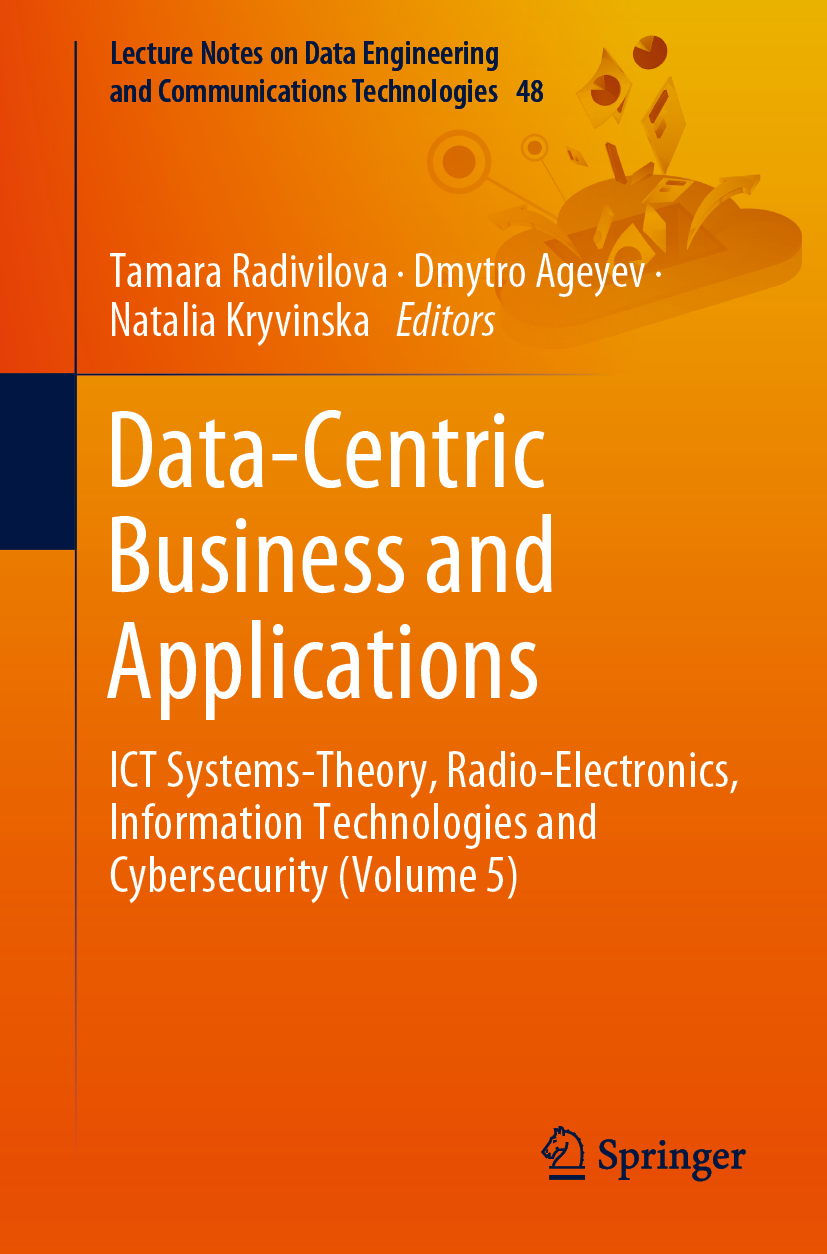
Data-Centric Business and Applications This book addresses the challenges and opportunities of information/data processing and management. It also covers a range of methods, techniques and strategies for making it more efficient, approaches to increasing its usage, and ways to minimize information/data loss while improving customer satisfaction. Information and Communication Technologies (ICTs) and the Service Systems associated with them have had an enormous impact on businesses and our day-to-day lives over the past three decades, and continue to do so. This development has led to the emergence of new application areas and relevant disciplines, which in turn present new challenges and opportunities for service system usage. The book provides practical insights into various aspects of ICT technologies for service systems: Techniques for information/data processing and modeling in service systems Strategies for the provision of information/data processing and management Methods for collecting and analyzing information/data Applications, benefits, and challenges of service system implementation Solutions to increase the performance of various service systems using the latest ICT technologies TECHNOLOGY & ENGINEERING,Engineering (General)
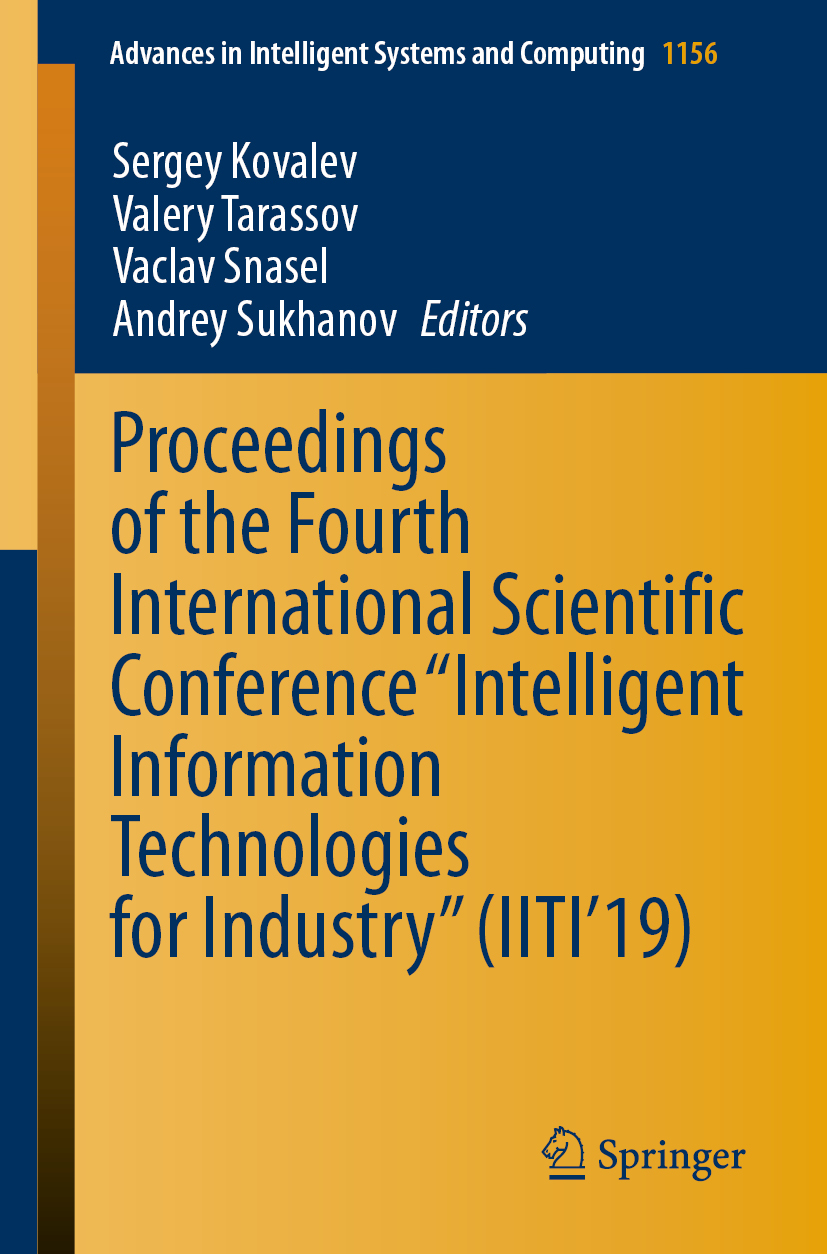
Proceedings of the Fourth International Scientific Conference “Intelligent Information Technologies for Industry†(IITI’19) This book gathers papers presented in the main track of IITI 2019, the Fourth International Scientific Conference on Intelligent Information Technologies for Industry, held in Ostrava–Prague, Czech Republic on December 2–7, 2019. The conference was jointly organized by Rostov State Transport University (Russia) and VŠB – Technical University of Ostrava (Czech Republic) with the participation of the Russian Association for Artificial Intelligence (RAAI). IITI 2019 was devoted to practical models and industrial applications of intelligent information systems. Though chiefly intended to promote the implementation of advanced information technologies in various industries, topics such as the state of the art in intelligent systems and soft computing were also discussed. TECHNOLOGY & ENGINEERING,Engineering (General)
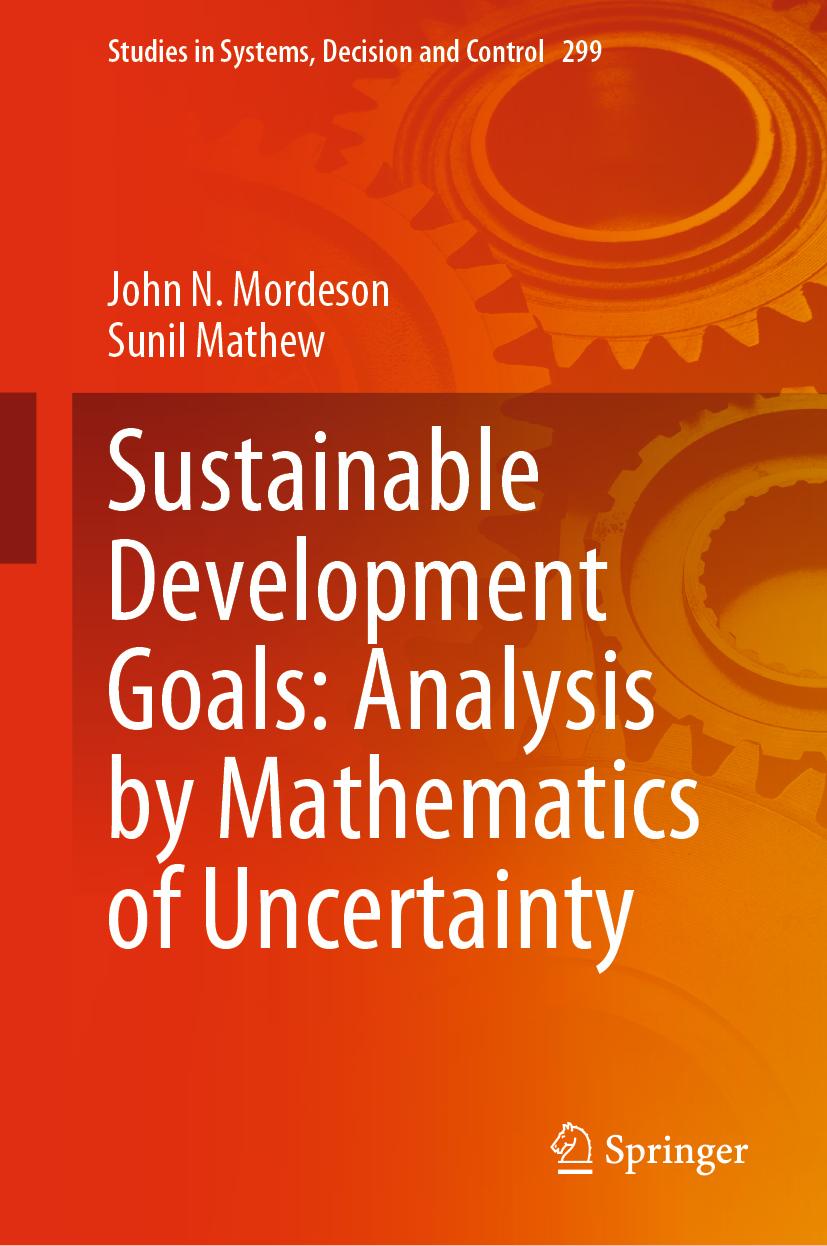
Sustainable Development Goals This book uses mathematics of uncertainty to examine how well countries are achieving the 17 Sustainable Development Goals (SDGs) set by the members of the United Nations, with a focus on climate change, human trafficking and modern slavery. Although this approach has never been used before, mathematics of uncertainty is well suited to exploring these topics due to the lack of accurate data available. The authors place several scientific studies in a mathematical setting to pave the way for future research on issues of sustainability, climate change, human trafficking and modern slavery to using a wide range of mathematical techniques. Moreover, the book ranks countries in terms of their achievement of not only the SDGs, but in particular those SDGs pertinent to climate change, human trafficking, and modern slavery, and highlights the deficiencies in the foster care system that lead to human trafficking. As such it is an excellent reference resource for advanced undergraduate and graduate students in mathematics and the social sciences, as well as for researchers and teachers. TECHNOLOGY & ENGINEERING,Engineering (General)
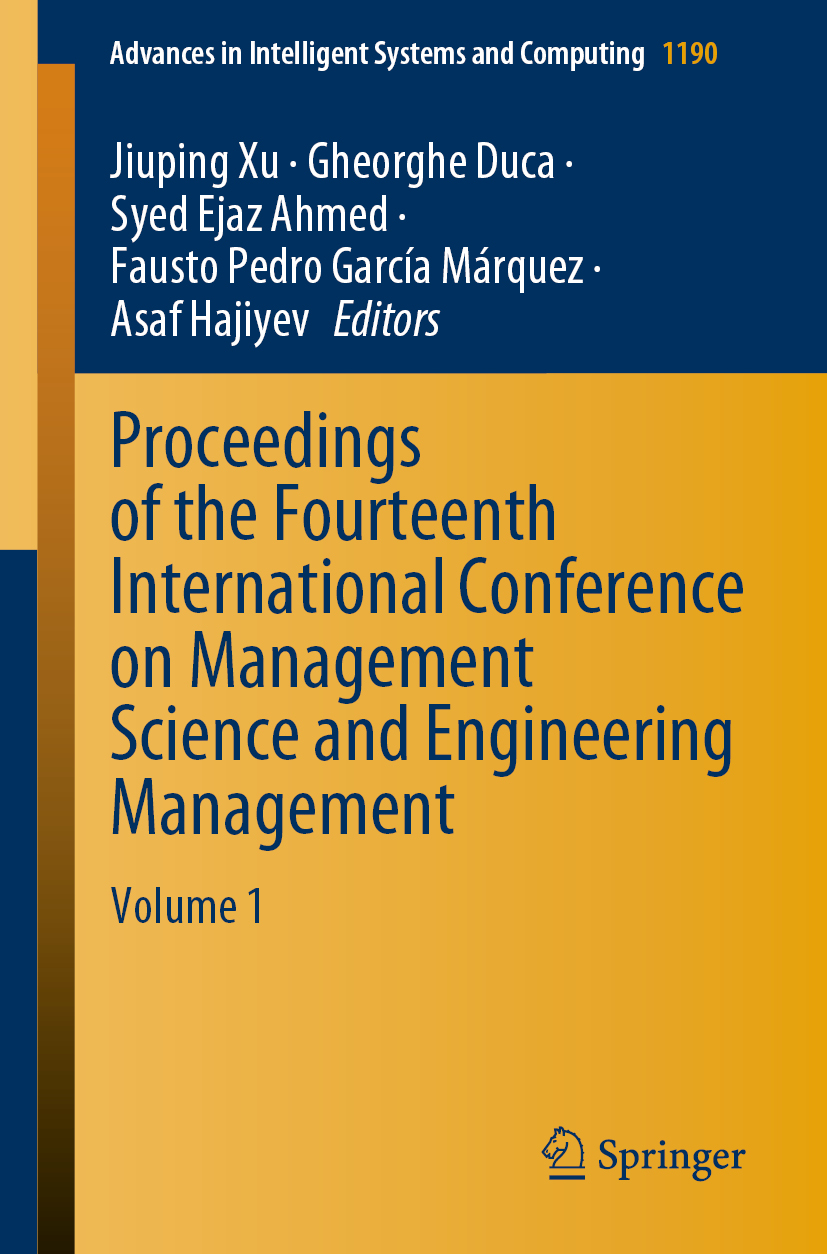
Proceedings of the Fourteenth International Conference on Management Science and Engineering Management This book gathers the proceedings of the 14th International Conference on Management Science and Engineering Management (ICMSEM 2020). Held at the Academy of Studies of Moldova from July 30 to August 2, 2020, the conference provided a platform for researchers and practitioners in the field to share their ideas and experiences. Covering a wide range of topics, including hot management issues in engineering science, the book presents novel ideas and the latest research advances in the area of management science and engineering management. It includes both theoretical and practical studies of management science applied in computing methodology, highlighting advanced management concepts, and computing technologies for decision-making problems involving large, uncertain and unstructured data. The book also describes the changes and challenges relating to decision-making procedures at the dawn of the big data era, and discusses new technologies for analysis, capture, search, sharing, storage, transfer and visualization, and in the context of privacy violations, as well as advances in the integration of optimization, statistics and data mining. Given its scope, it will appeal to a wide readership, particularly those looking for new ideas and research directions. TECHNOLOGY & ENGINEERING,Engineering (General)
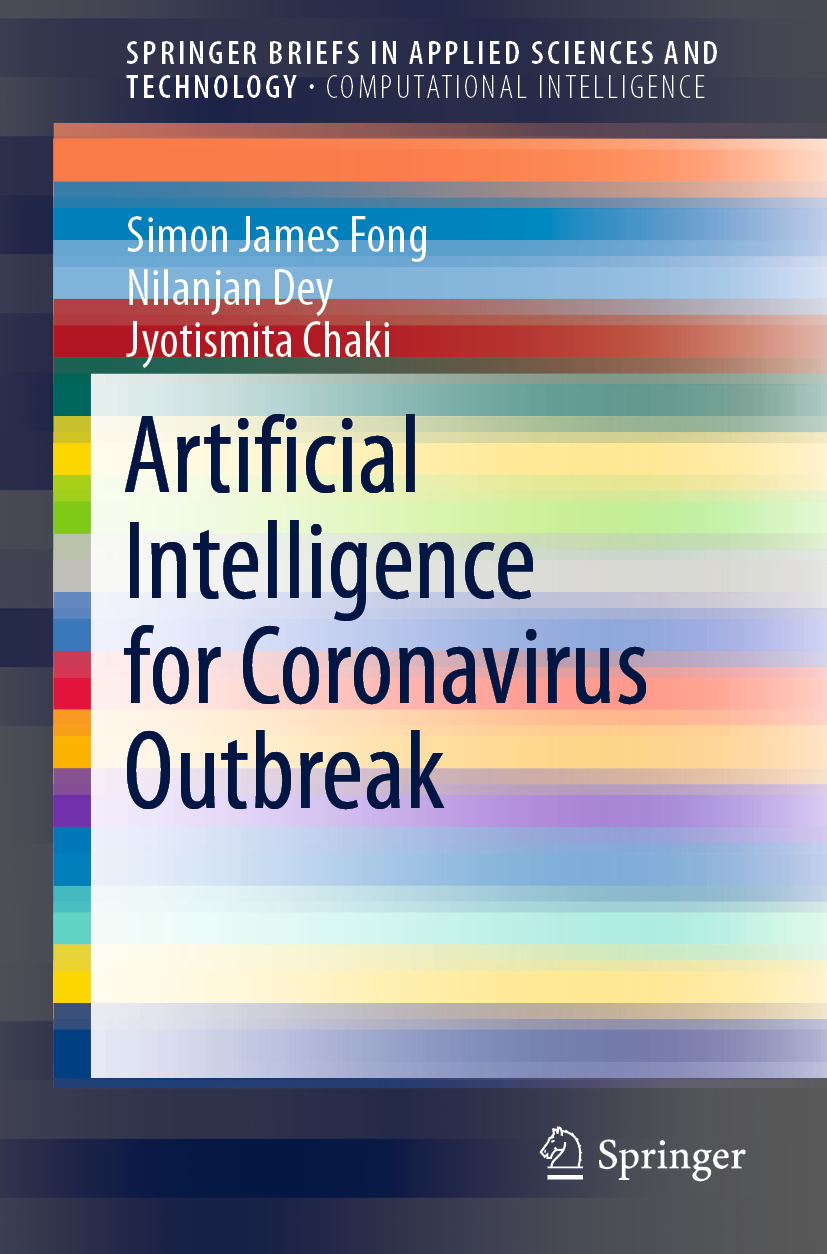
Artificial Intelligence for Coronavirus Outbreak This book examines how the wonders of AI have contributed to the battle against COVID-19. Just as history repeats itself, so do epidemics and pandemics. In the face of the novel coronavirus disease, COVID-19, the book explores whether, in this digital era where artificial intelligence is successfully applied in all areas of industry, we are doing any better than our ancestors did in dealing with pandemics. One of the most contagious diseases ever known, COVID-19 is spreading like wildfire around and has cost thousands of human lives. The book discusses how AI can help fight this deadly virus, from early warnings, prompt emergency responses, and critical decision-making to surveillance drones. Serving as a technical reference resource, data analytic tutorial and a chronicle of the application of AI in epidemics, this book will appeal to academics, students, data scientists, medical practitioners, and anybody who is concerned about this global epidemic. TECHNOLOGY & ENGINEERING,Engineering (General)
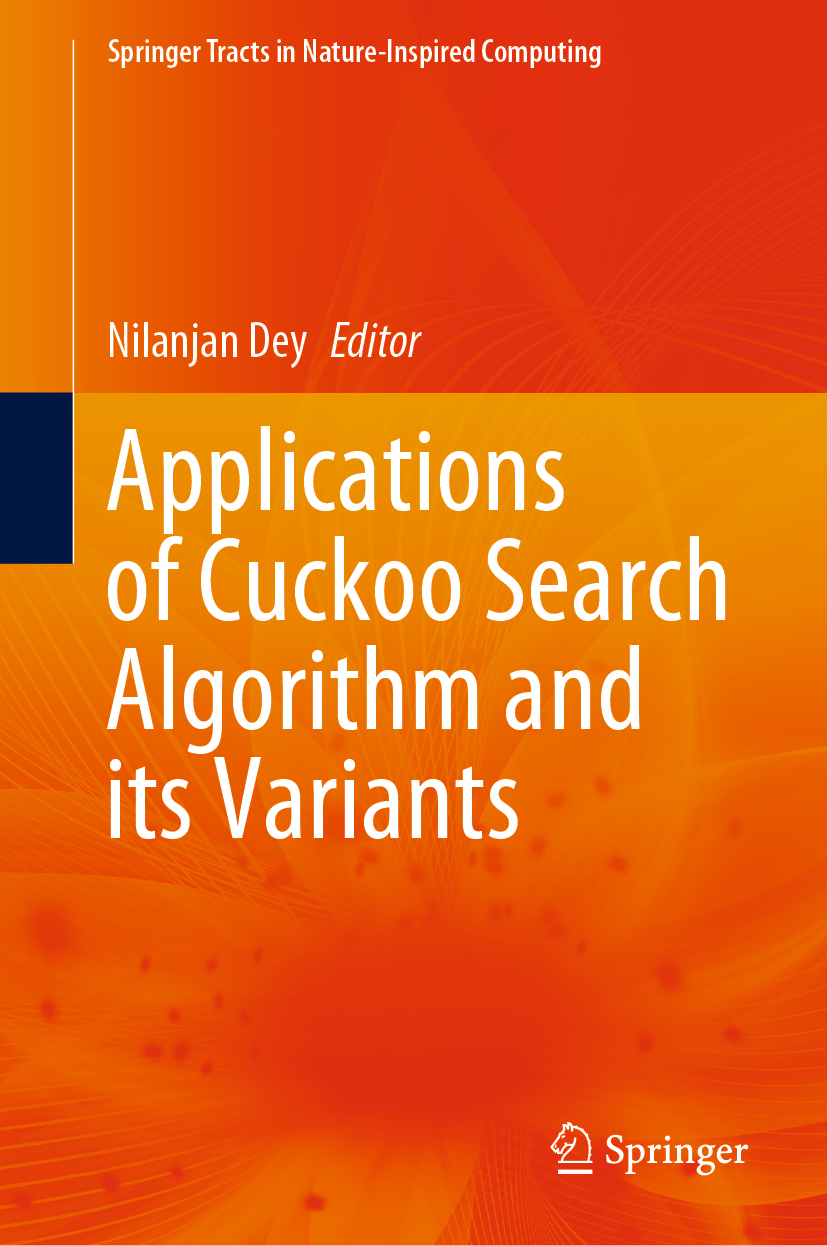
Applications of Cuckoo Search Algorithm and its Variants This book highlights the basic concepts of the CS algorithm and its variants, and their use in solving diverse optimization problems in medical and engineering applications. Evolutionary-based meta-heuristic approaches are increasingly being applied to solve complicated optimization problems in several real-world applications. One of the most successful optimization algorithms is the Cuckoo search (CS), which has become an active research area to solve N-dimensional and linear/nonlinear optimization problems using simple mathematical processes. CS has attracted the attention of various researchers, resulting in the emergence of numerous variants of the basic CS with enhanced performance since 2019. TECHNOLOGY & ENGINEERING,Engineering (General)

Double Hierarchy Linguistic Term Set and Its Extensions This book presents the concept of the double hierarchy linguistic term set and its extensions, which can deal with dynamic and complex decision-making problems. With the rapid development of science and technology and the acceleration of information updating, the complexity of decision-making problems has become increasingly obvious. This book provides a comprehensive and systematic introduction to the latest research in the field, including measurement methods, consistency methods, group consensus and large-scale group consensus decision-making methods, as well as their practical applications. Intended for engineers, technicians, and researchers in the fields of computer linguistics, operations research, information science, management science and engineering, it also serves as a textbook for postgraduate and senior undergraduate university students. TECHNOLOGY & ENGINEERING,Engineering (General)
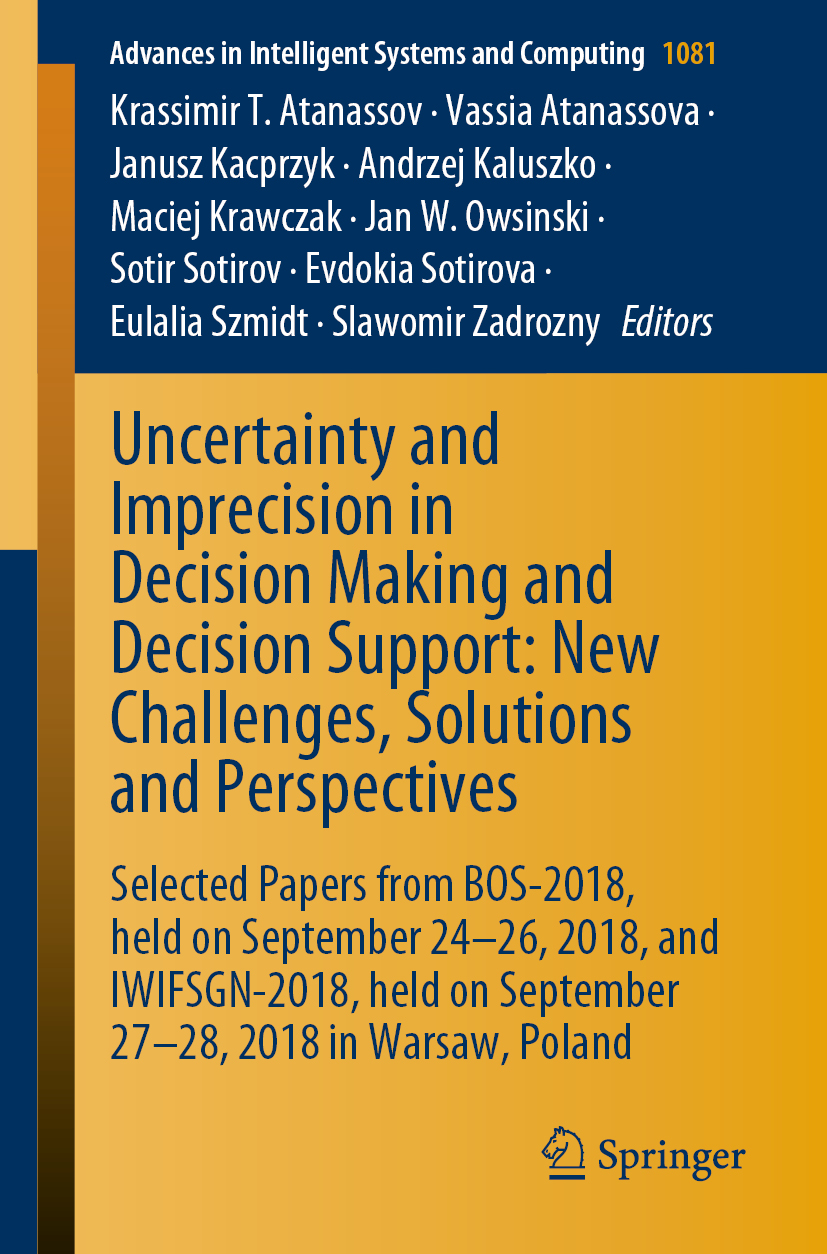
Uncertainty and Imprecision in Decision Making and Decision Support This book gathers selected papers from two important conferences held on October 24–28, 2018, in Warsaw, Poland: theFifteenth National Conference of Operational and Systems Research, BOS-2018, one of the leading conferences in the field of operational and systems research not only in Poland but also at the European level; andthe Seventeenth International Workshop on Intuitionistic Fuzzy Sets and General Nets, IWIFSGN-2018, one of thepremiere conferences on fuzzy logic. The papers presented here constitute a fair and comprehensive representation of the topics covered by both BOS-2018 and IWIFSGN-2018, includingextensions of the traditional fuzzy sets, in particular on the intuitionistic fuzzy sets, as well as other topics in uncertainty and imprecision modeling, the Generalized Nets (GNs), a powerful extension of the traditional Petri net paradigm, and InterCriteria Analysis, a new method for feature selection and analyses in multicriteria and multi-attribute decision-making problems. The Workshop was dedicated to the memory of Professor Beloslav RieÄan (1936–2018), a regular participant at the IWIFSGN workshops. TECHNOLOGY & ENGINEERING,Engineering (General)

Recent Advances in Intelligent Systems and Smart Applications This book explores the latest research trends in intelligent systems and smart applications. It presents high-quality empirical and review studies focusing on various topics, including information systems and software engineering, knowledge management, technology in education, emerging technologies, and social networks. It provides insights into the theoretical and practical aspects of intelligent systems and smart applications. TECHNOLOGY & ENGINEERING,Engineering (General)
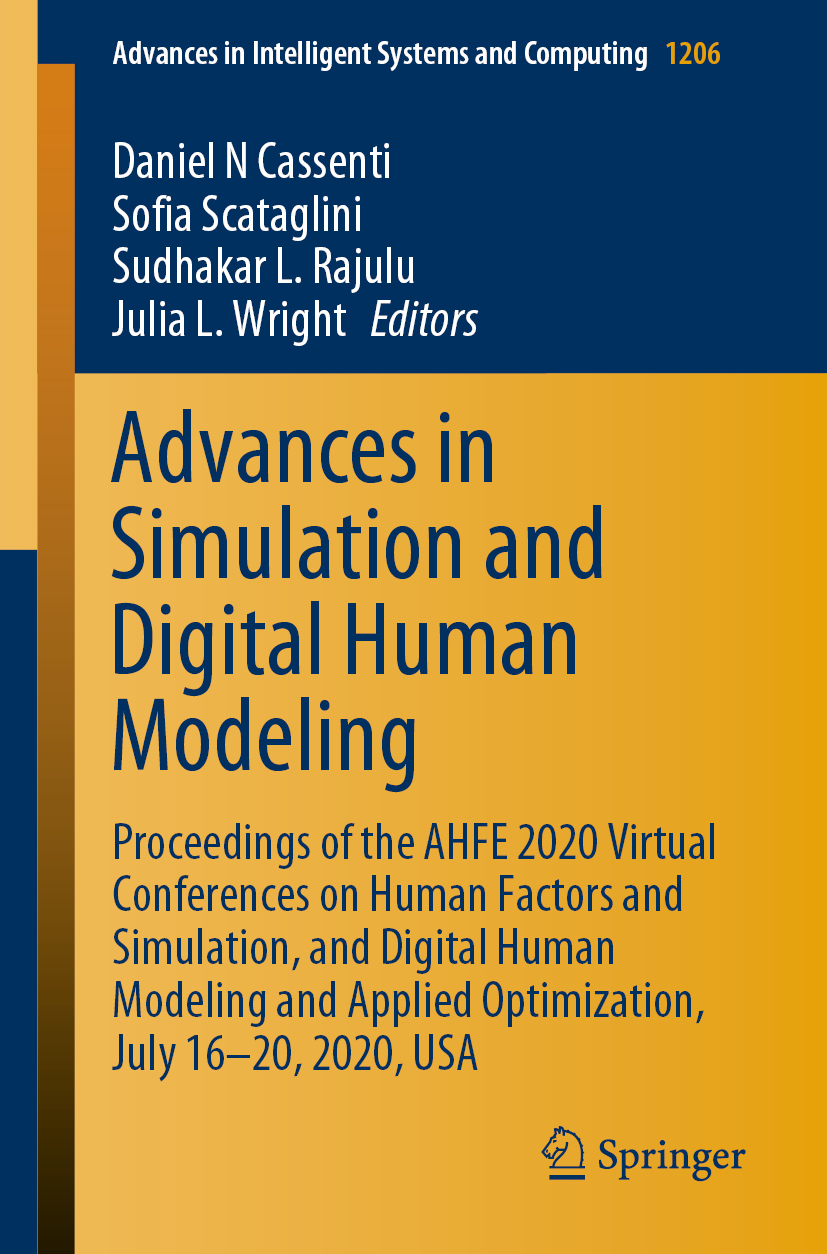
Advances in Simulation and Digital Human Modeling This book presents the latest advances in modeling and simulation for human factors research. It reports on cutting-edge simulators such as virtual and augmented reality, multisensory environments, and modeling and simulation methods used in various applications, including surgery, military operations, occupational safety, sports training, education, transportation and robotics. Based on two AHFE 2020 Virtual Conferences such as the AHFE 2020 Virtual Conference on Human Factors and Simulation and the AHFE 2020 Virtual Conference on Digital Human Modeling and Applied Optimization, held on July 16–20, 2020, the book serves as a timely reference guide for researchers and practitioners developing new modeling and simulation tools for analyzing or improving human performance. It also offers a unique resource for modelers seeking insights into human factors research and more feasible and reliable computational tools to foster advances in this exciting field. TECHNOLOGY & ENGINEERING,Engineering (General)

Advances in Neuroergonomics and Cognitive Engineering This book offers broad overview of the field of cognitive engineering and neuroergonomics, covering emerging practices and future trends toward the harmonious integration of human operators and computer systems. It presents novel theoretical findings on mental workload and stress, activity theory, human reliability, error and risk, and a wealth of cutting-edge applications, such as strategies to make assistive technologies more user-oriented. Further, the book describes key advances in our understanding of cognitive processes, including mechanisms of perception, memory, reasoning, and motor response, with a particular focus on their role in interactions between humans and other elements of computer-based systems. Gathering the proceedings of the AHFE 2020 Virtual Conferences on Neuroergonomics and Cognitive Engineering, and Industrial Cognitive Ergonomics and Engineering Psychology, held on 16–20 July 2020, this book provides extensive and timely information for human–computer interaction researchers, human factors engineers and interaction designers, as well as decision-makers. TECHNOLOGY & ENGINEERING,Engineering (General)
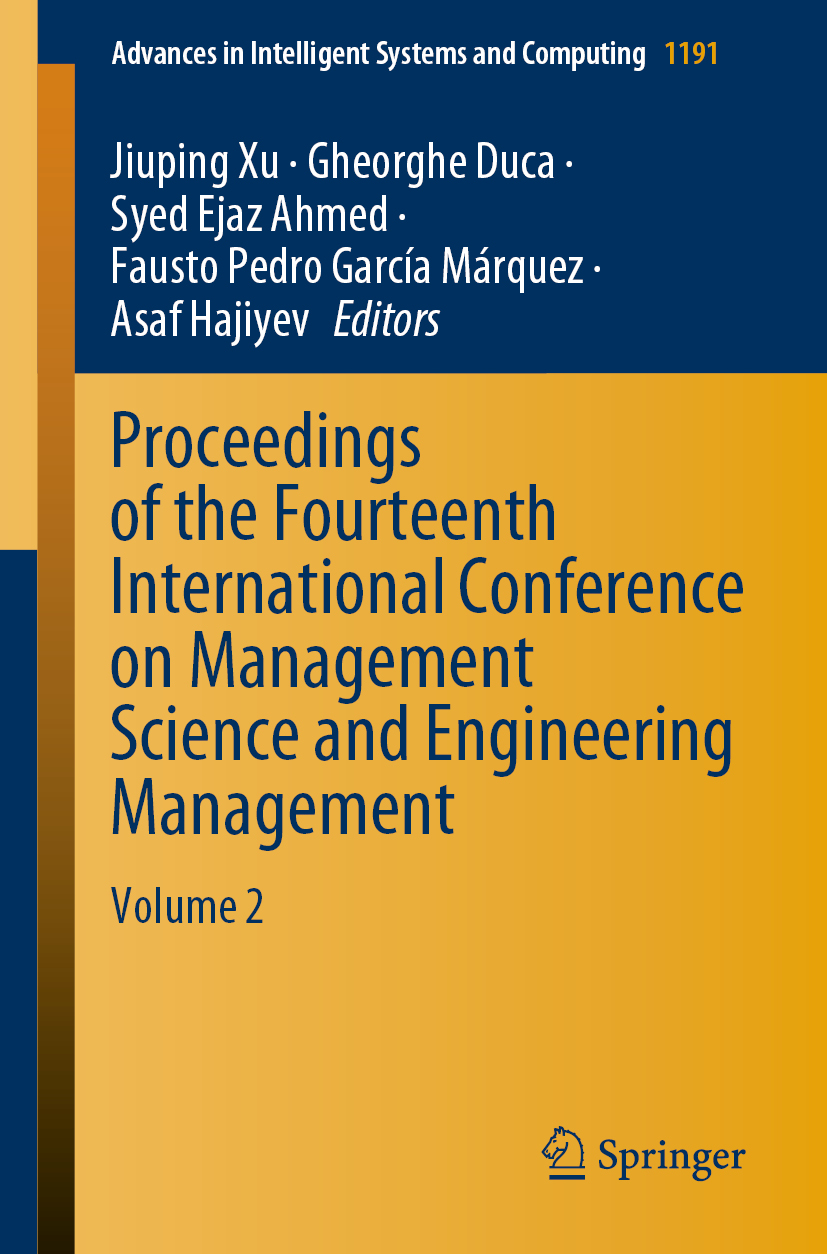
Proceedings of the Fourteenth International Conference on Management Science and Engineering Management This book gathers the proceedings of the 14th International Conference on Management Science and Engineering Management (ICMSEM 2020). Held at the Academy of Studies of Moldova from July 30 to August 2, 2020, the conference provided a platform for researchers and practitioners in the field to share their ideas and experiences. Covering a wide range of topics, including hot management issues in engineering science, the book presents novel ideas and the latest research advances in the area of management science and engineering management. It includes both theoretical and practical studies of management science applied in computing methodology, highlighting advanced management concepts, and computing technologies for decision-making problems involving large, uncertain and unstructured data. The book also describes the changes and challenges relating to decision-making procedures at the dawn of the big data era, and discusses new technologies for analysis, capture, search, sharing, storage, transfer and visualization, as well as advances in the integration of optimization, statistics and data mining. Given its scope, it will appeal to a wide readership, particularly those looking for new ideas and research directions. TECHNOLOGY & ENGINEERING,Engineering (General)
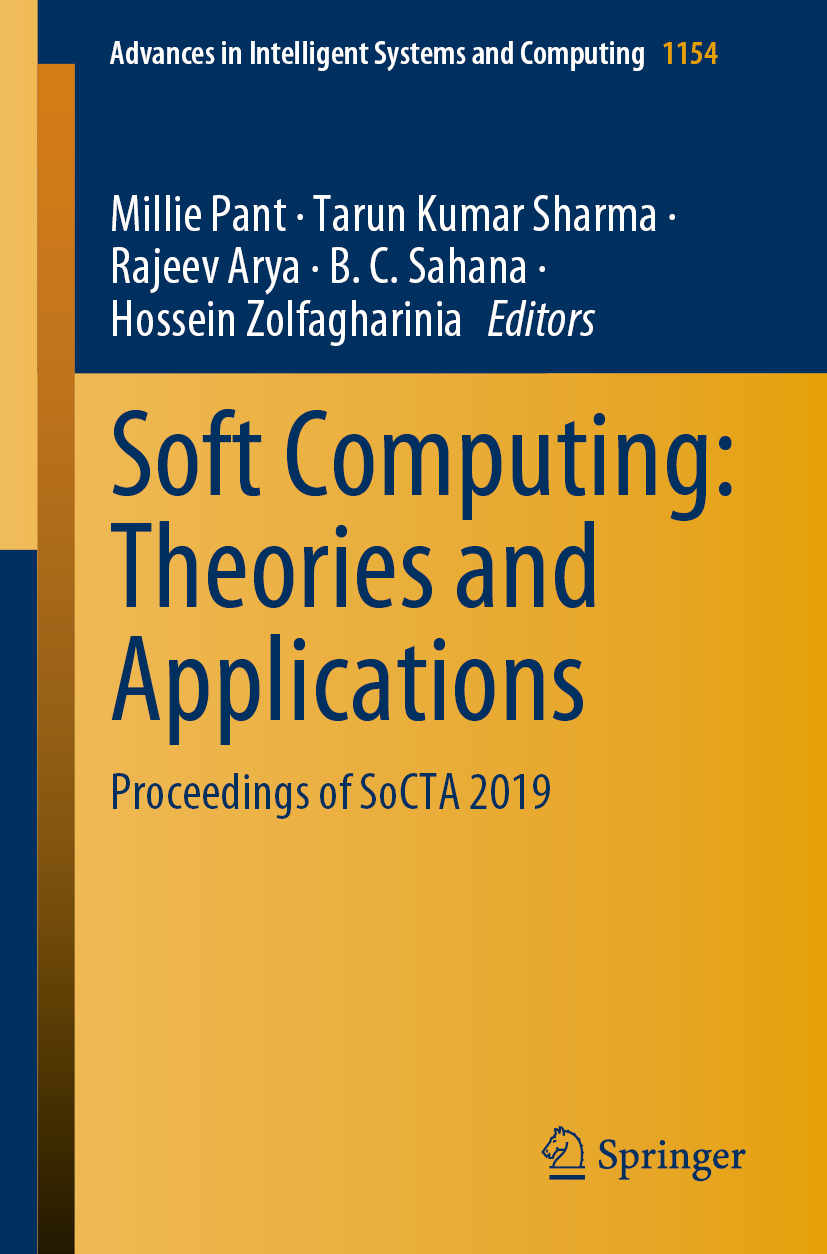
Soft Computing This book focuses on soft computing and how it can be applied to solve real-world problems arising in various domains, ranging from medicine and healthcare, to supply chain management, image processing and cryptanalysis. It gathers high-quality papers presented at the International Conference on Soft Computing: Theories and Applications (SoCTA 2019), organized by the National Institute of Technology Patna, India. Offering valuable insights into soft computing for teachers and researchers alike, the book will inspire further research in this dynamic field. TECHNOLOGY & ENGINEERING,Engineering (General)

Soft Computing for Biomedical Applications and Related Topics This book presents innovative intelligent techniques, with an emphasis on their biomedical applications. Although many medical doctors are willing to share their knowledge – e.g. by incorporating it in computer-based advisory systems that can benefit other doctors – this knowledge is often expressed using imprecise (fuzzy) words from natural language such as “small,†which are difficult for computers to process. Accordingly, we need fuzzy techniques to handle such words. It is also desirable to extract general recommendations from the records of medical doctors’ decisions – by using machine learning techniques such as neural networks. The book describes state-of-the-art fuzzy, neural, and other techniques, especially those that are now being used, or potentially could be used, in biomedical applications. Accordingly, it will benefit all researchers and students interested in the latest developments, as well as practitioners who want to learn about new techniques. TECHNOLOGY & ENGINEERING,Engineering (General)

The Coevolution Should digital technology be viewed as a new life form, sharing our ecosystem and coevolving with us? Are humans defining technology, or is technology defining humans? In this book, Edward Ashford Lee considers the case that we are less in control of the trajectory of technology than we think. It shapes us as much as we shape it, and it may be more defensible to think of technology as the result of a Darwinian coevolution than the result of top-down intelligent design. Richard Dawkins famously said that a chicken is an egg's way of making another egg. Is a human a computer's way of making another computer? To understand this question requires a deep dive into how evolution works, how humans are different from computers, and how the way technology develops resembles the emergence of a new life form on our planet. Lee presents the case for considering digital beings to be living, then offers counterarguments. What we humans do with our minds is more than computation, and what digital systems do—be teleported at the speed of light, backed up, and restored—may never be possible for humans. To believe that we are simply computations, he argues, is a “dataist” faith and scientifically indefensible. Digital beings depend on humans—and humans depend on digital beings. More likely than a planetary wipe-out of humanity is an ongoing, symbiotic coevolution of culture and technology. TECHNOLOGY & ENGINEERING,Engineering (General)
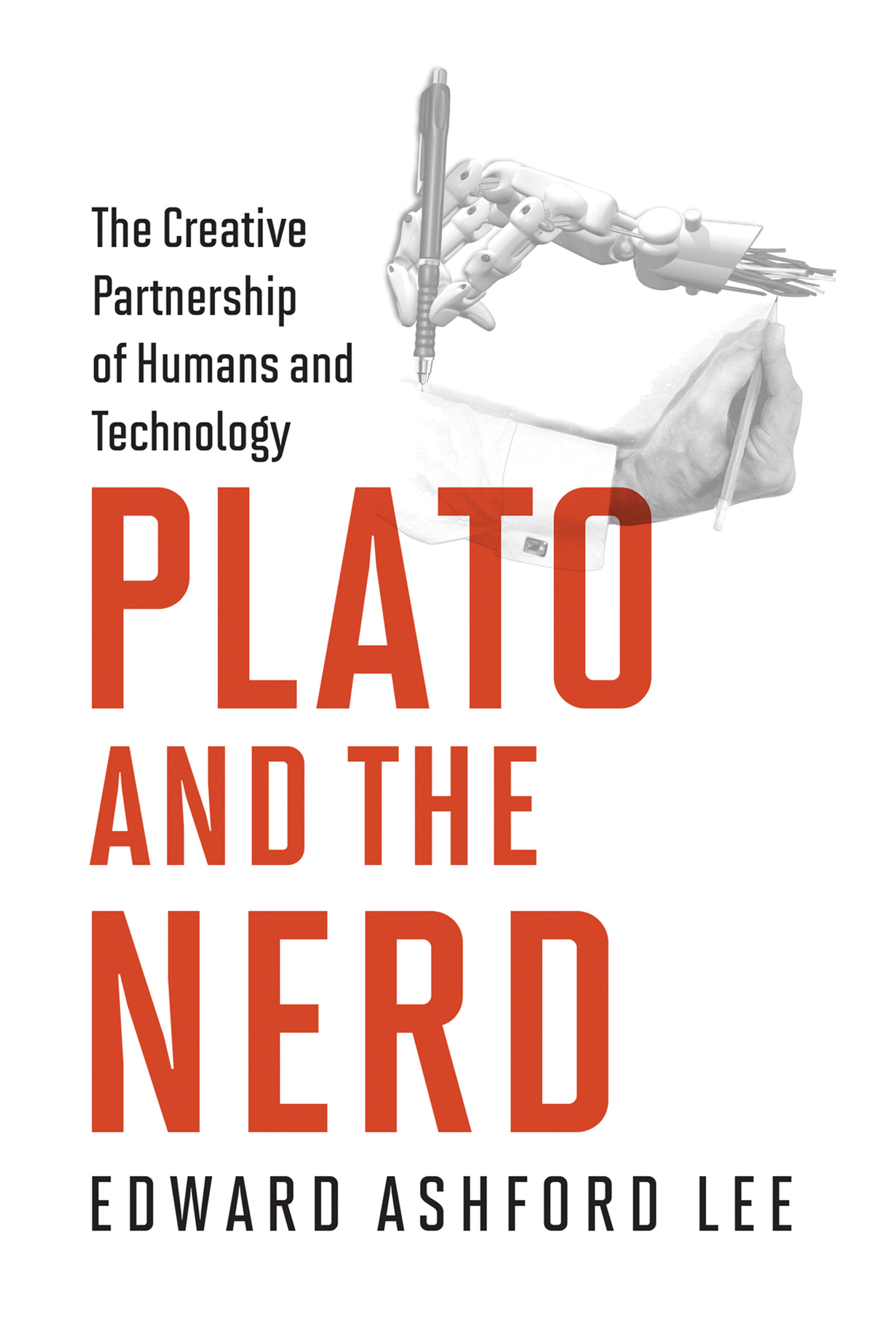
Plato and the Nerd How humans and technology evolve together in a creative partnership. In this book, Edward Ashford Lee makes a bold claim: that the creators of digital technology have an unsurpassed medium for creativity. Technology has advanced to the point where progress seems limited not by physical constraints but the human imagination. Writing for both literate technologists and numerate humanists, Lee makes a case for engineering—creating technology—as a deeply intellectual and fundamentally creative process. Explaining why digital technology has been so transformative and so liberating, Lee argues that the real power of technology stems from its partnership with humans. Lee explores the ways that engineers use models and abstraction to build inventive artificial worlds and to give us things that we never dreamed of—for example, the ability to carry in our pockets everything humans have ever published. But he also attempts to counter the runaway enthusiasm of some technology boosters who claim everything in the physical world is a computation—that even such complex phenomena as human cognition are software operating on digital data. Lee argues that the evidence for this is weak, and the likelihood that nature has limited itself to processes that conform to today's notion of digital computation is remote. Lee goes on to argue that artificial intelligence's goal of reproducing human cognitive functions in computers vastly underestimates the potential of computers. In his view, technology is coevolving with humans. It augments our cognitive and physical capabilities while we nurture, develop, and propagate the technology itself. Complementarity is more likely than competition. TECHNOLOGY & ENGINEERING,Engineering (General)

Modern Marine Internal Combustion Engines This book offers a comprehensive and timely overview of internal combustion engines for use in marine environments. It reviews the development of modern four-stroke marine engines, gas and gas–diesel engines and low-speed two-stroke crosshead engines, describing their application areas and providing readers with a useful snapshot of their technical features, e.g. their dimensions, weights, cylinder arrangements, cylinder capabilities, rotation speeds, and exhaust gas temperatures. For each marine engine, information is provided on the manufacturer, historical background, development and technical characteristics of the manufacturer’s most popular models, and detailed drawings of the engine, depicting its main design features. This book offers a unique, self-contained reference guide for engineers and professionals involved in shipbuilding. At the same time, it is intended to support students at maritime academies and university students in naval architecture/marine engineering with their design projects at both master and graduate levels, thus filling an important gap in the literature. TECHNOLOGY & ENGINEERING,Engineering (General)
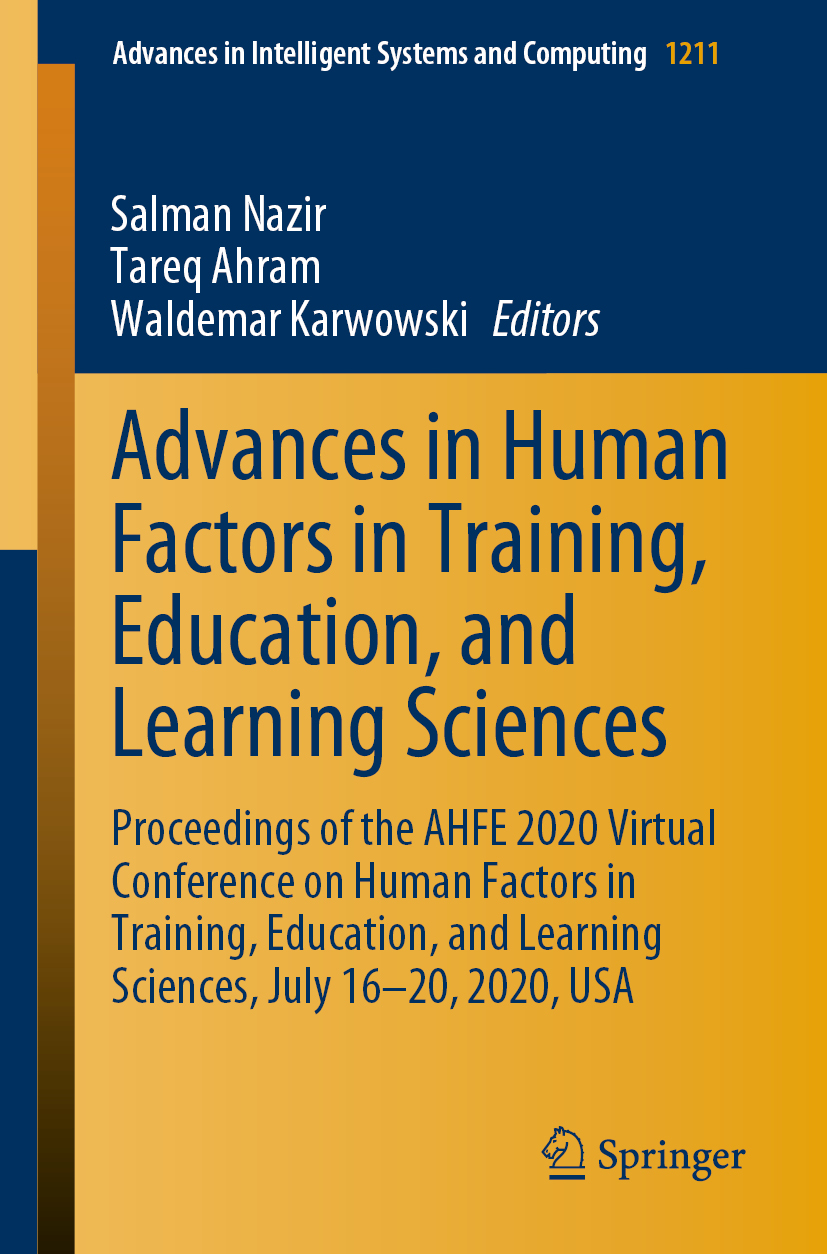
Advances in Human Factors in Training, Education, and Learning Sciences This book addresses the importance of human factors in optimizing the learning and training process. It reports on the latest research and best practices, and discusses key principles of behavioral and cognitive science, which are extremely relevant to the design of instructional content and new technologies to support mobile and multimedia learning, virtual training and web-based learning, among others, as well as performance measurements, social and adaptive learning and many other types of educational technology, with a special emphasis on those important in the corporate, higher education, healthcare and military training contexts. Gathering contributions to the AHFE 2020 Virtual Conference on Human Factors in Training, Education, and Learning Sciences, held on July 16–20, 2020, the book offers a timely perspective on the role of human factors in education. It highlights important new approaches and ideas, and fosters new discussions on how to optimally design learning experiences. TECHNOLOGY & ENGINEERING,Engineering (General)
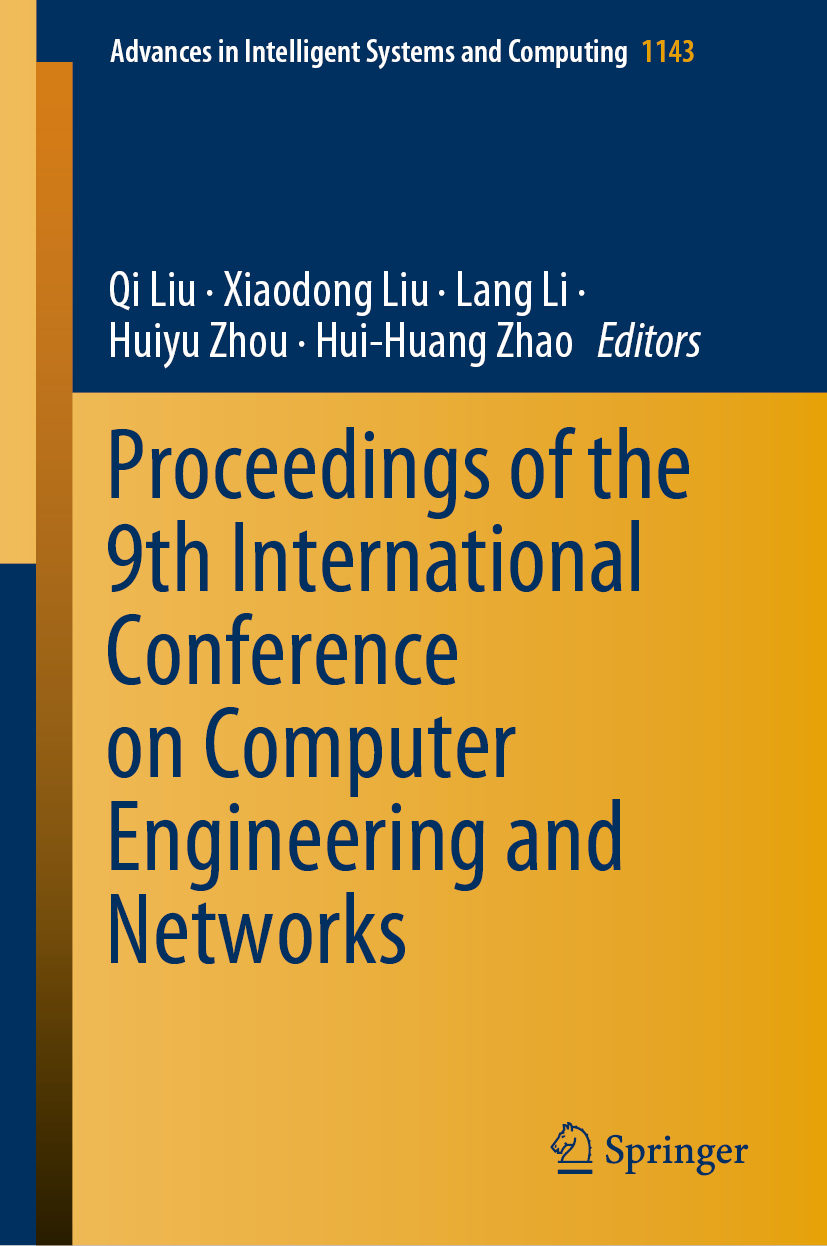
Proceedings of the 9th International Conference on Computer Engineering and Networks This book gathers papers presented at the 9th International Conference on Computer Engineering and Networks (CENet2019), held in Changsha, China, on October 18–20, 2019. It examines innovations in the fields of computer engineering and networking and explores important, state-of-the-art developments in areas such as Information Security, Information Hiding and Cryptography, Cyber Security, and Intelligent Computing and Applications. The book also covers emerging topics in computer engineering and networking, along with their applications, discusses how to improve productivity by using the latest advanced technologies, and examines innovation in the fields of computer engineering and networking, particularly in intelligent computing and security. TECHNOLOGY & ENGINEERING,Engineering (General)
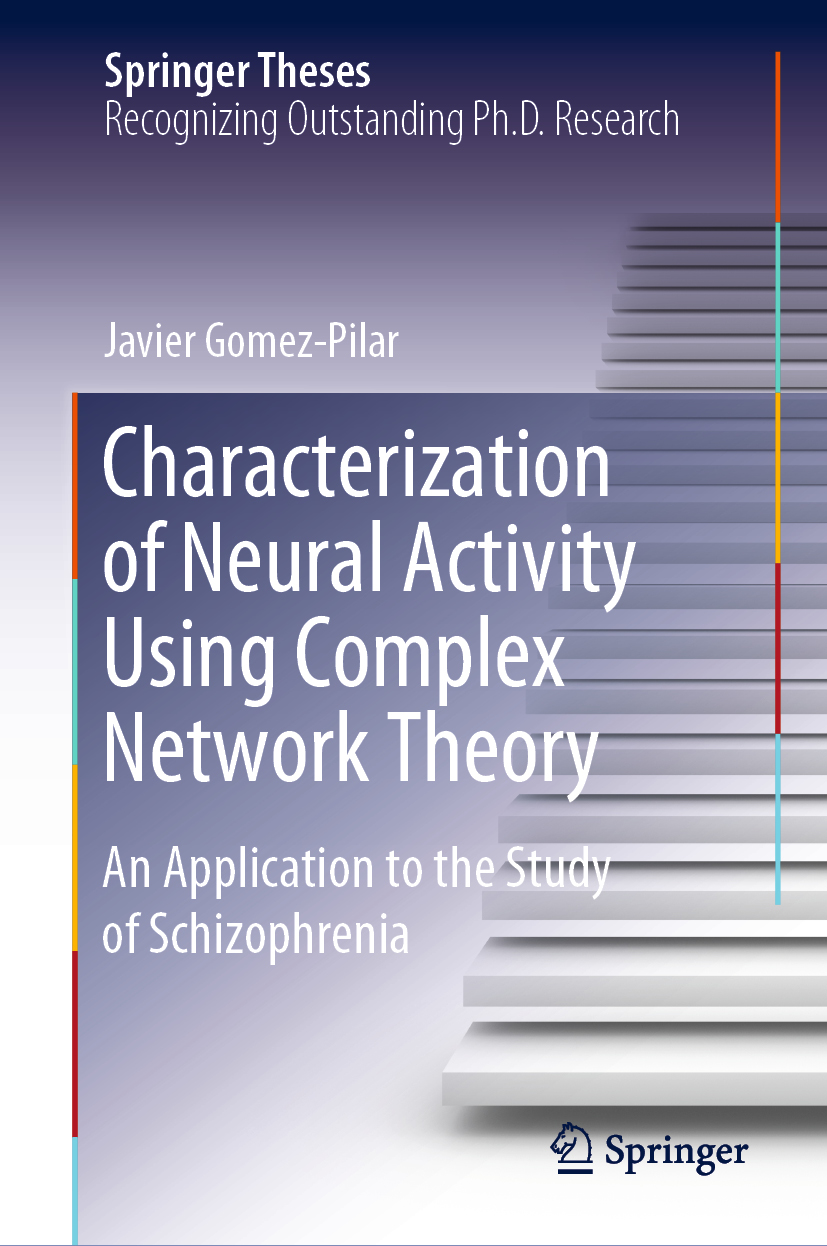
Characterization of Neural Activity Using Complex Network Theory This book reports on the development and assessment of a novel framework for studying neural interactions (the connectome) and their dynamics (the chronnectome). Using EEG recordings taken during an auditory oddball task performed by 48 patients with schizophrenia and 87 healthy controls, and applying local and network measures, changes in brain activation from pre-stimulus to cognitive response were assessed, and significant differences were observed between the patients and controls. This book investigates the source of the network abnormalities and presents new evidence for the disconnection hypothesis and the aberrant salience hypothesis with regard to schizophrenia. Moreover, it puts forward a novel approach to combining local regularity measures and graph measures in order to characterize schizophrenia brain dynamics, and presents interesting findings on the regularity of brain patterns in healthy control subjects versus patients with schizophrenia. Besides providing new evidence for the disconnection hypothesis, it offers a source of inspiration for future research directions in the field. TECHNOLOGY & ENGINEERING,Engineering (General)
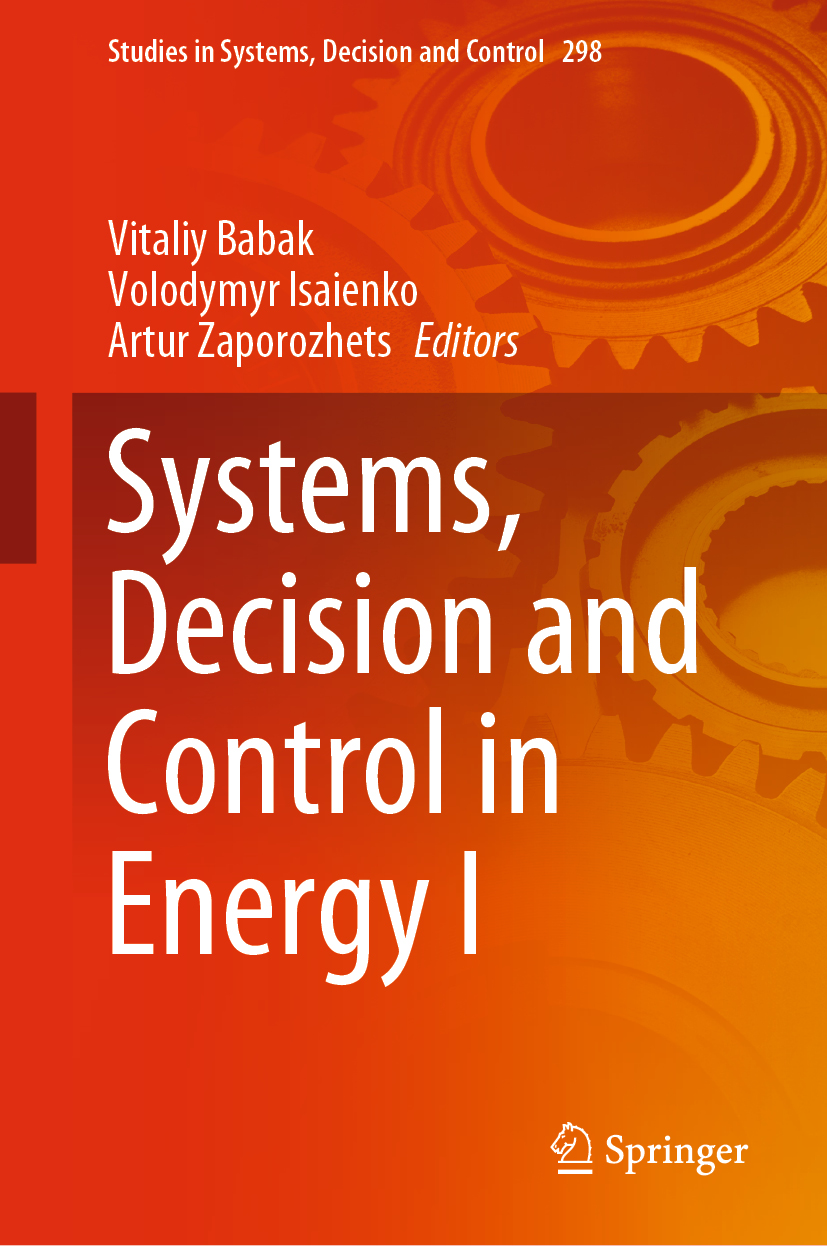
Systems, Decision and Control in Energy I This book examines the problems in the field of energy and related areas (including chemistry, transport, aerospace, construction, metallurgy and engineering) that Ukrainian scientists are currently investigating. The research presented focuses on ensuring the operational reliability, durability and safety of energy equipment, as well as the development of control, diagnostics and monitoring systems in the energy sector. Further, the book explores the ecological consequences of energy facilities , particularly environmental pollution in large cities and industrial areas. Written mainly by representatives of the Council of Young Scientists of the Department of Physical and Technical Problems of Energy at the NAS of Ukraine, it is intended for researchers and engineers, as well as lecturers and postgraduates at higher education institutions interested in the control, diagnosis and monitoring of energy facilities. TECHNOLOGY & ENGINEERING,Engineering (General)

Proceedings of International Conference on Artificial Intelligence and Applications This book gathers high-quality papers presented at the International Conference on Artificial Intelligence and Applications (ICAIA 2020), held at Maharaja Surajmal Institute of Technology, New Delhi, India, on 6–7 February 2020. The book covers areas such as artificial neural networks, fuzzy systems, computational optimization technologies and machine learning. TECHNOLOGY & ENGINEERING,Engineering (General)

Intelligent Computing This book focuses on the core areas of computing and their applications in the real world. Presenting papers from the Computing Conference 2020 covers a diverse range of research areas, describing various detailed techniques that have been developed and implemented. The Computing Conference 2020, which provided a venue for academic and industry practitioners to share new ideas and development experiences, attracted a total of 514 submissions from pioneering academic researchers, scientists, industrial engineers and students from around the globe. Following a double-blind, peer-review process, 160 papers (including 15 poster papers) were selected to be included in these proceedings. Featuring state-of-the-art intelligent methods and techniques for solving real-world problems, the book is a valuable resource and will inspire further research and technological improvements in this important area. TECHNOLOGY & ENGINEERING,Engineering (General)

Intelligent Computing This book focuses on the core areas of computing and their applications in the real world. Presenting papers from the Computing Conference 2020 covers a diverse range of research areas, describing various detailed techniques that have been developed and implemented. The Computing Conference 2020, which provided a venue for academic and industry practitioners to share new ideas and development experiences, attracted a total of 514 submissions from pioneering academic researchers, scientists, industrial engineers and students from around the globe. Following a double-blind, peer-review process, 160 papers (including 15 poster papers) were selected to be included in these proceedings. Featuring state-of-the-art intelligent methods and techniques for solving real-world problems, the book is a valuable resource and will inspire further research and technological improvements in this important area. TECHNOLOGY & ENGINEERING,Engineering (General)
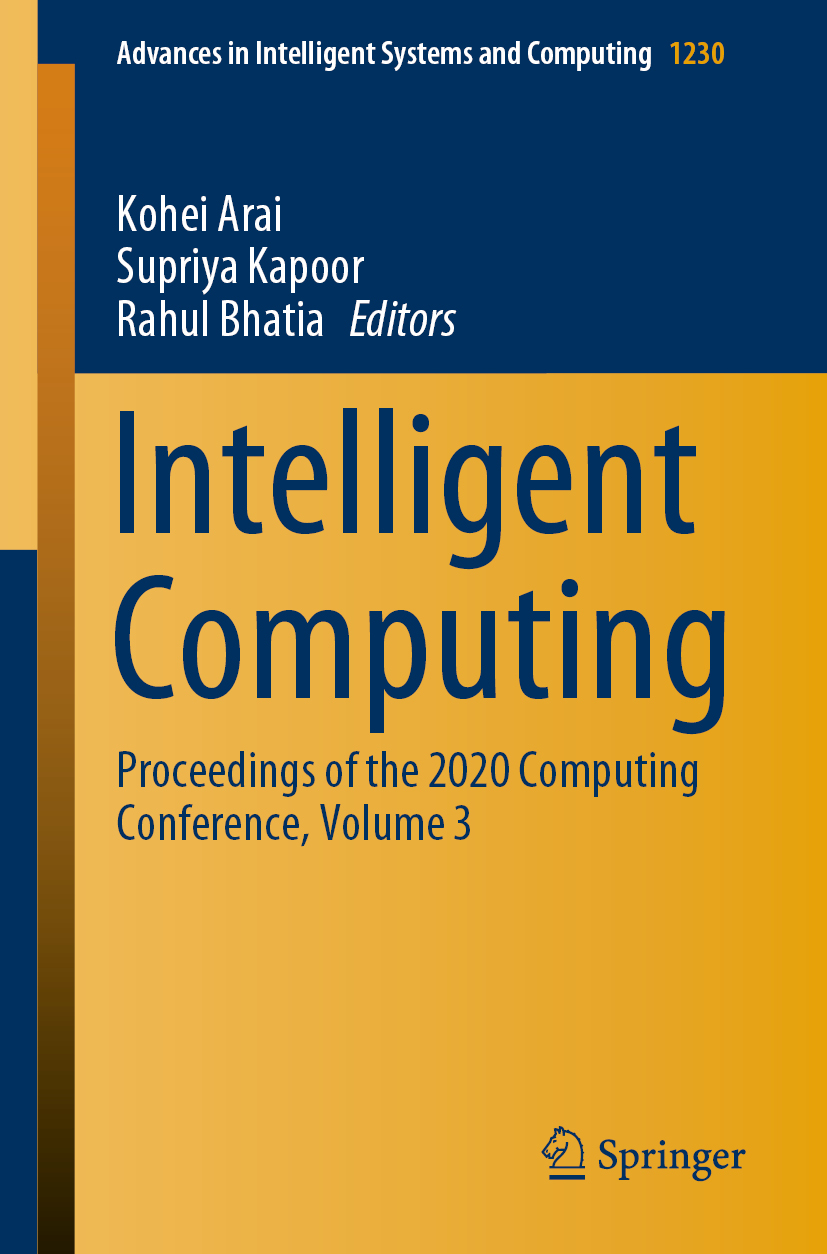
Intelligent Computing This book focuses on the core areas of computing and their applications in the real world. Presenting papers from the Computing Conference 2020 covers a diverse range of research areas, describing various detailed techniques that have been developed and implemented. The Computing Conference 2020, which provided a venue for academic and industry practitioners to share new ideas and development experiences, attracted a total of 514 submissions from pioneering academic researchers, scientists, industrial engineers and students from around the globe. Following a double-blind, peer-review process, 160 papers (including 15 poster papers) were selected to be included in these proceedings. Featuring state-of-the-art intelligent methods and techniques for solving real-world problems, the book is a valuable resource and will inspire further research and technological improvements in this important area. TECHNOLOGY & ENGINEERING,Engineering (General)
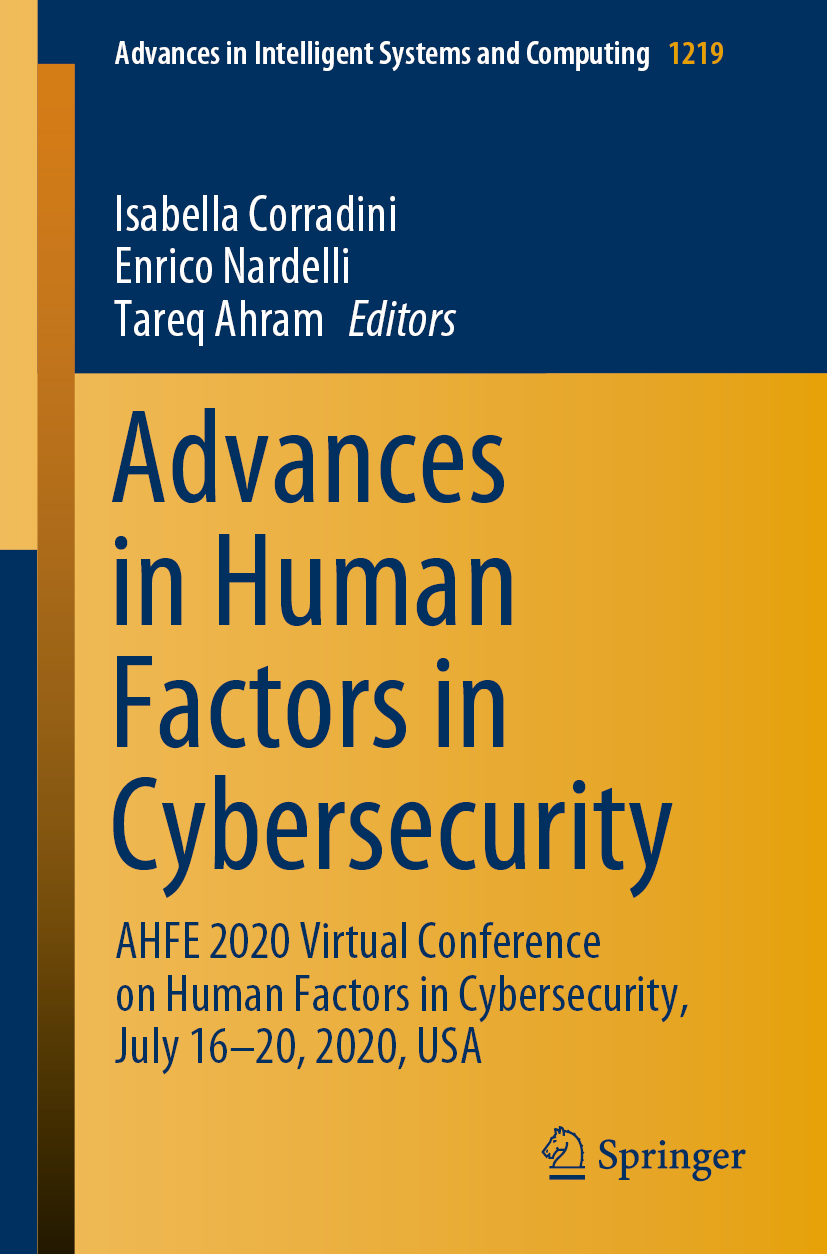
Advances in Human Factors in Cybersecurity This book reports on the latest research and developments in the field of human factors in cybersecurity. It analyzes how the human vulnerabilities can be exploited by cybercriminals and proposes methods and tools to increase cybersecurity awareness. The chapters cover the social, economic and behavioral aspects of the cyberspace, providing a comprehensive perspective to manage cybersecurity risks. By gathering the proceedings of the AHFE Virtual Conference on Human Factors Cybersecurity, held on July 16–20, 2020, this book offers a timely perspective of key psychological and organizational factors influencing cybersecurity, reporting on technical tools, training methods and personnel management strategies that should enable achieving a holistic cyber protection for both individuals and organizations. By combining concepts and methods of engineering, education, computer science and psychology, it offers an inspiring guide for researchers and professionals, as well as decision-makers, working at the interfaces of those fields. TECHNOLOGY & ENGINEERING,Engineering (General)
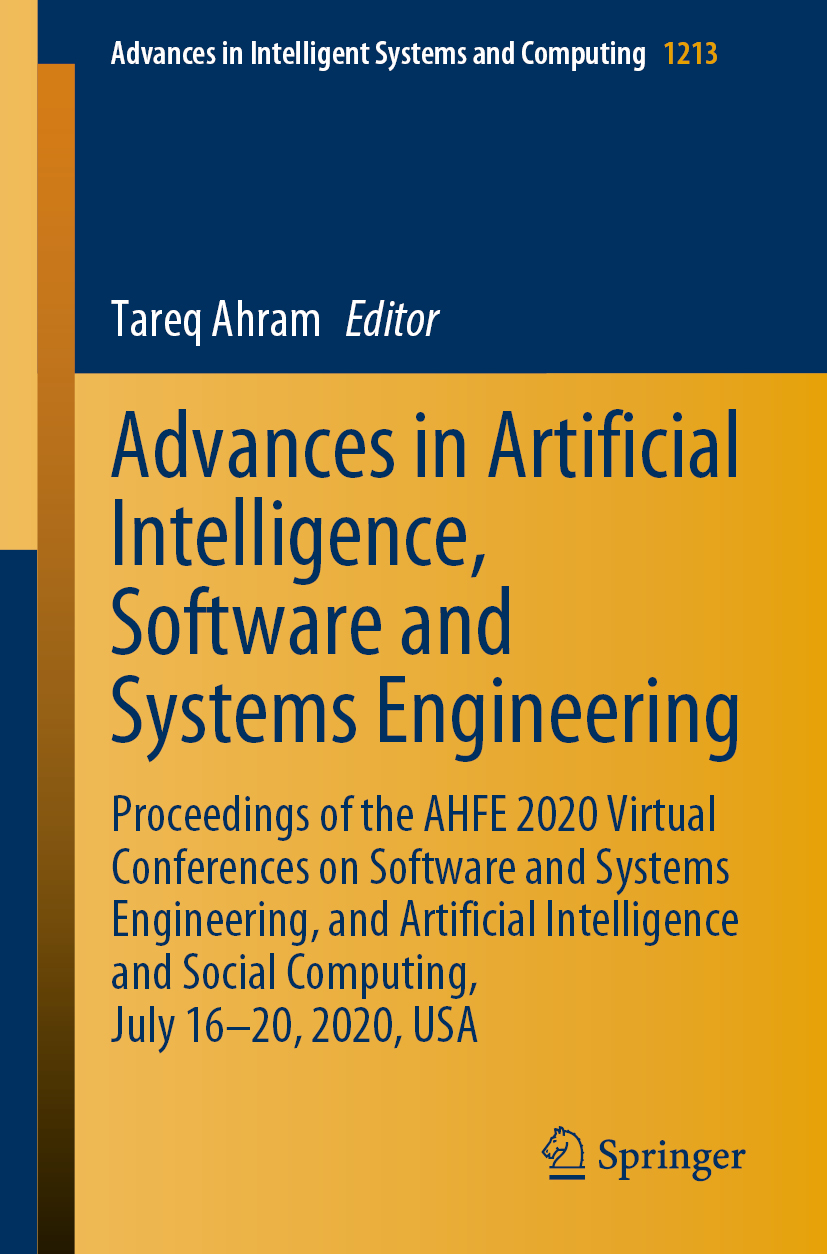
Advances in Artificial Intelligence, Software and Systems Engineering This book addresses emerging issues concerning the integration of artificial intelligence systems in our daily lives. It focuses on the cognitive, visual, social and analytical aspects of computing and intelligent technologies, and highlights ways to improve the acceptance, effectiveness, and efficiency of said technologies. Topics such as responsibility, integration and training are discussed throughout. The book also reports on the latest advances in systems engineering, with a focus on societal challenges and next-generation systems and applications for meeting them. Based on the AHFE 2020 Virtual Conference on Software and Systems Engineering, and the AHFE 2020 Virtual Conference on Artificial Intelligence and Social Computing, held on July 16–20, 2020, it provides readers with extensive information on current research and future challenges in these fields, together with practical insights into the development of innovative services for various purposes. TECHNOLOGY & ENGINEERING,Engineering (General)
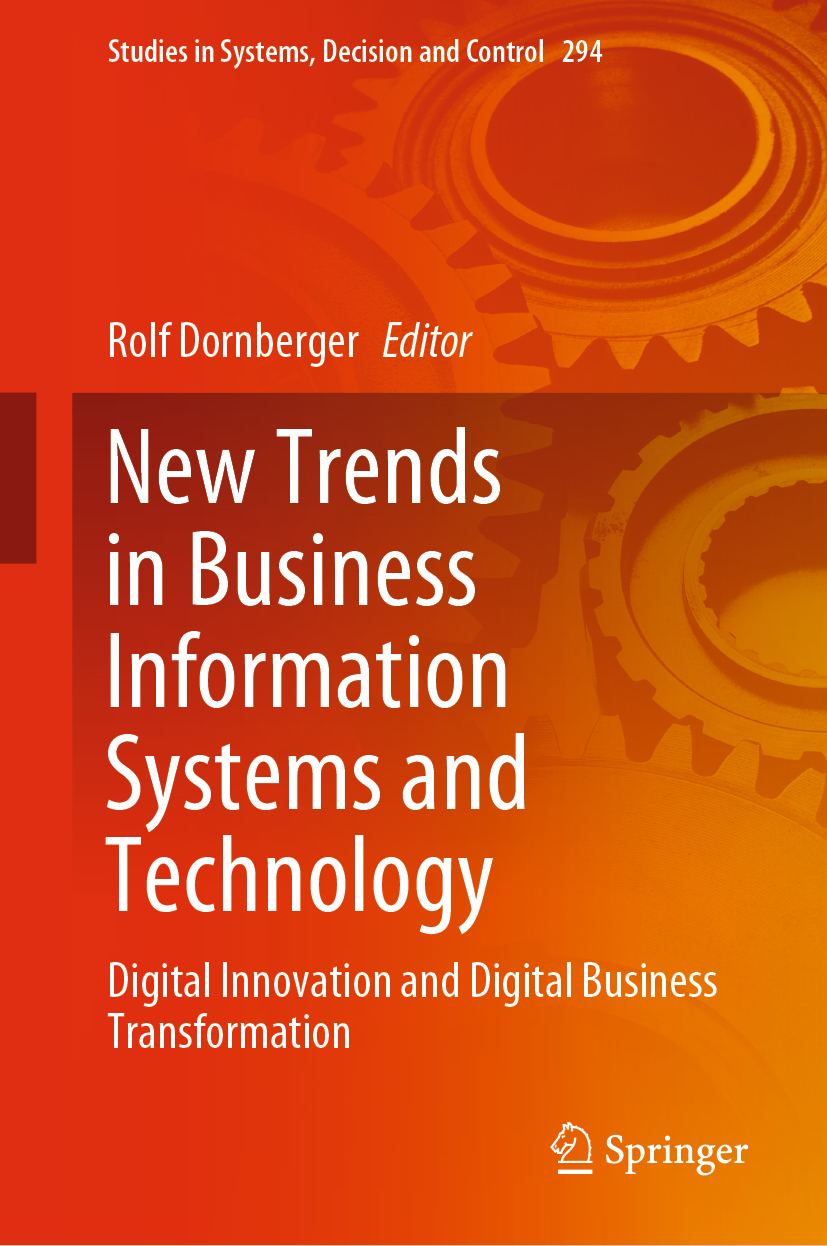
New Trends in Business Information Systems and Technology This book presents selected examples of digitalization in the age of digital change. It is divided into two sections: “Digital Innovation,†which features new technologies that stimulate and enable new business opportunities; and “Digital Business Transformation,†comprising business and management concepts that employ specific technological solutions for their practical implementation. Combining new insights from research, teaching and management, including digital transformation, e-business, knowledge representation, human-computer interaction, and business optimization, the book highlights the breadth of research as well as its meaningful and relevant transfer into practice. It is intended for academics seeking inspiration, as well as for leaders wanting to tap the potential of the latest trends to take society and their business to the next level. TECHNOLOGY & ENGINEERING,Engineering (General)
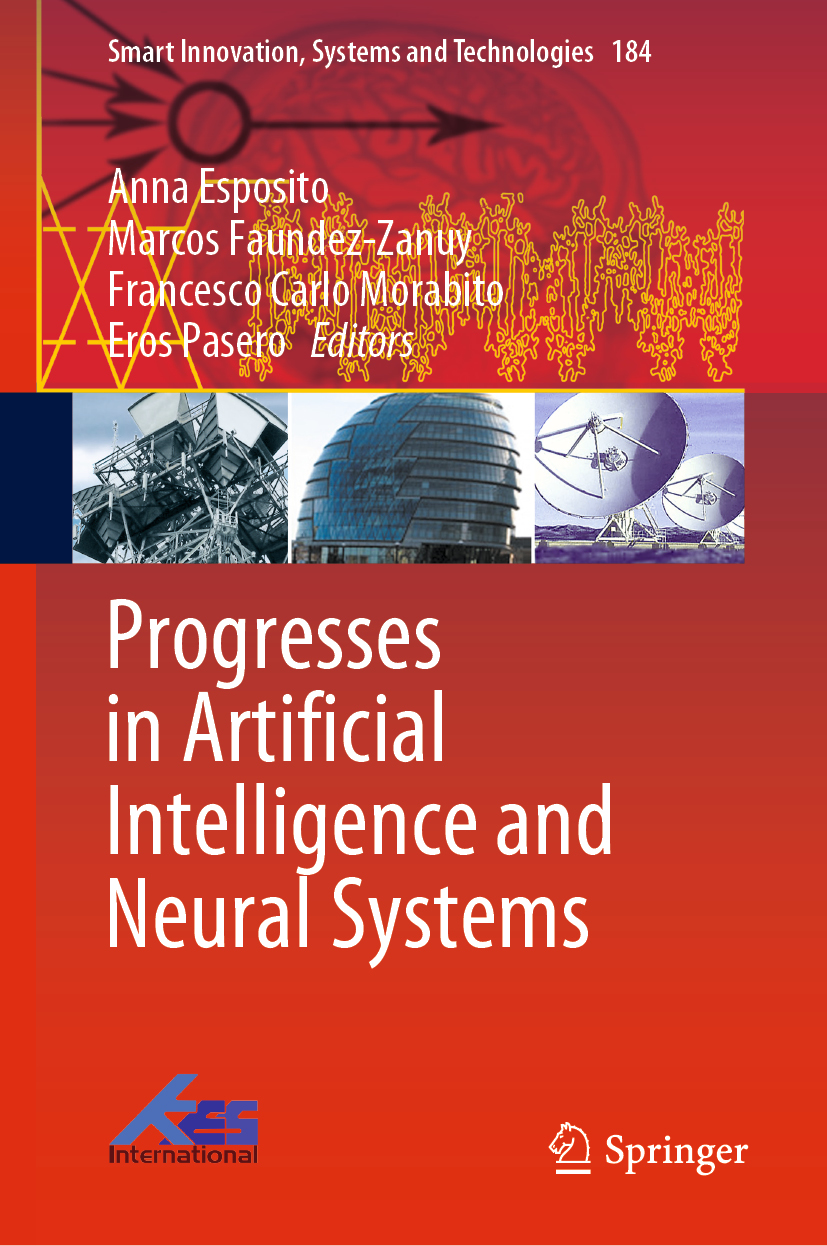
Progresses in Artificial Intelligence and Neural Systems This book provides an overview of the current advances in artificial intelligence and neural nets. Artificial intelligence (AI) methods have shown great capabilities in modelling, prediction and recognition tasks supporting human–machine interaction. At the same time, the issue of emotion has gained increasing attention due to its relevance in achieving human-like interaction with machines. The real challenge is taking advantage of the emotional characterization of humans’ interactions to make computers interfacing with them emotionally and socially credible. The book assesses how and to what extent current sophisticated computational intelligence tools might support the multidisciplinary research on the characterization of appropriate system reactions to human emotions and expressions in interactive scenarios. Discussing the latest recent research trends, innovative approaches and future challenges in AI from interdisciplinary perspectives, it is a valuable resource for researchers and practitioners in academia and industry. TECHNOLOGY & ENGINEERING,Engineering (General)
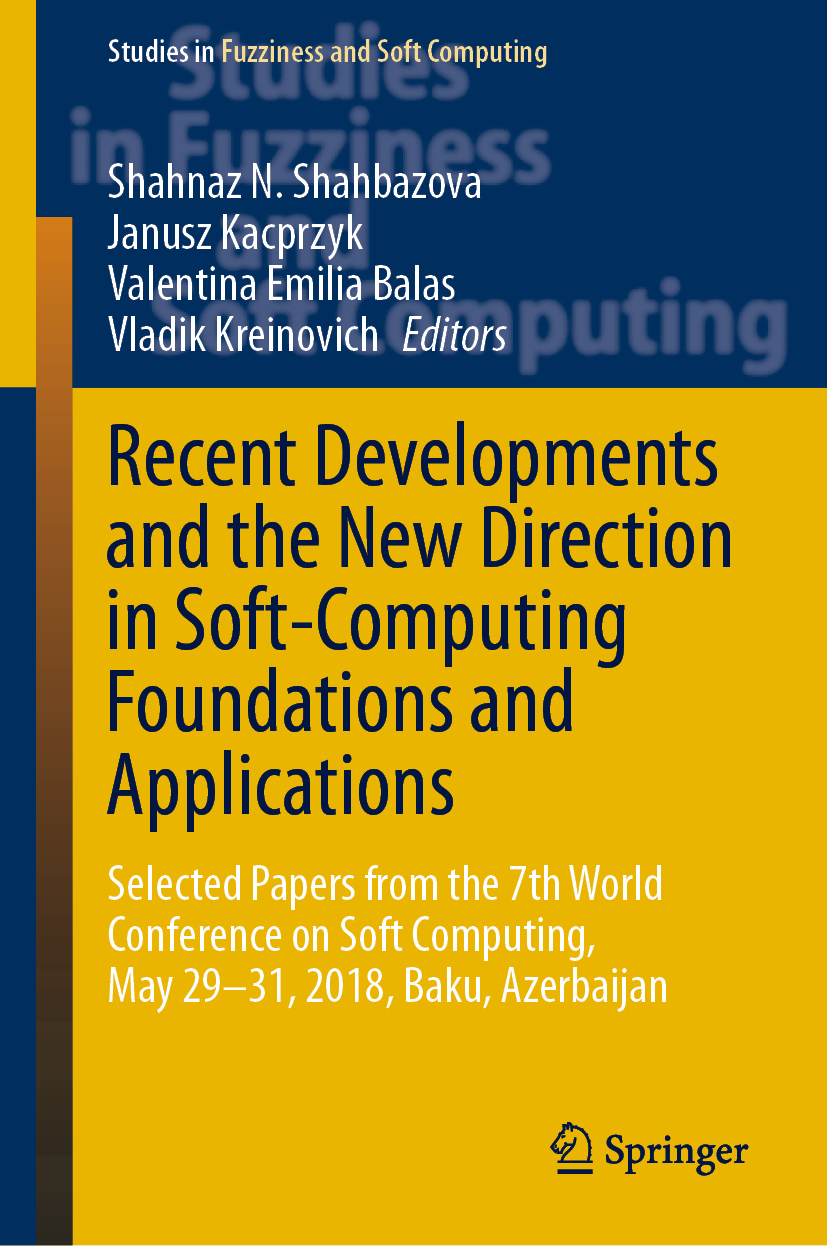
Recent Developments and the New Direction in Soft-Computing Foundations and Applications This book gathers authoritative contributions in the field of Soft Computing. Based on selected papers presented at the 7th World Conference on Soft Computing, which was held on May 29–31, 2018, in Baku, Azerbaijan, it describes new theoretical advances, as well as cutting-edge methods and applications. New theories and algorithms in fuzzy logic, cognitive modeling, graph theory and metaheuristics are discussed, and applications in data mining, social networks, control and robotics, geoscience, biomedicine and industrial management are described. This book offers a timely, broad snapshot of recent developments, including thought-provoking trends and challenges that are yielding new research directions in the diverse areas of Soft Computing. TECHNOLOGY & ENGINEERING,Engineering (General)
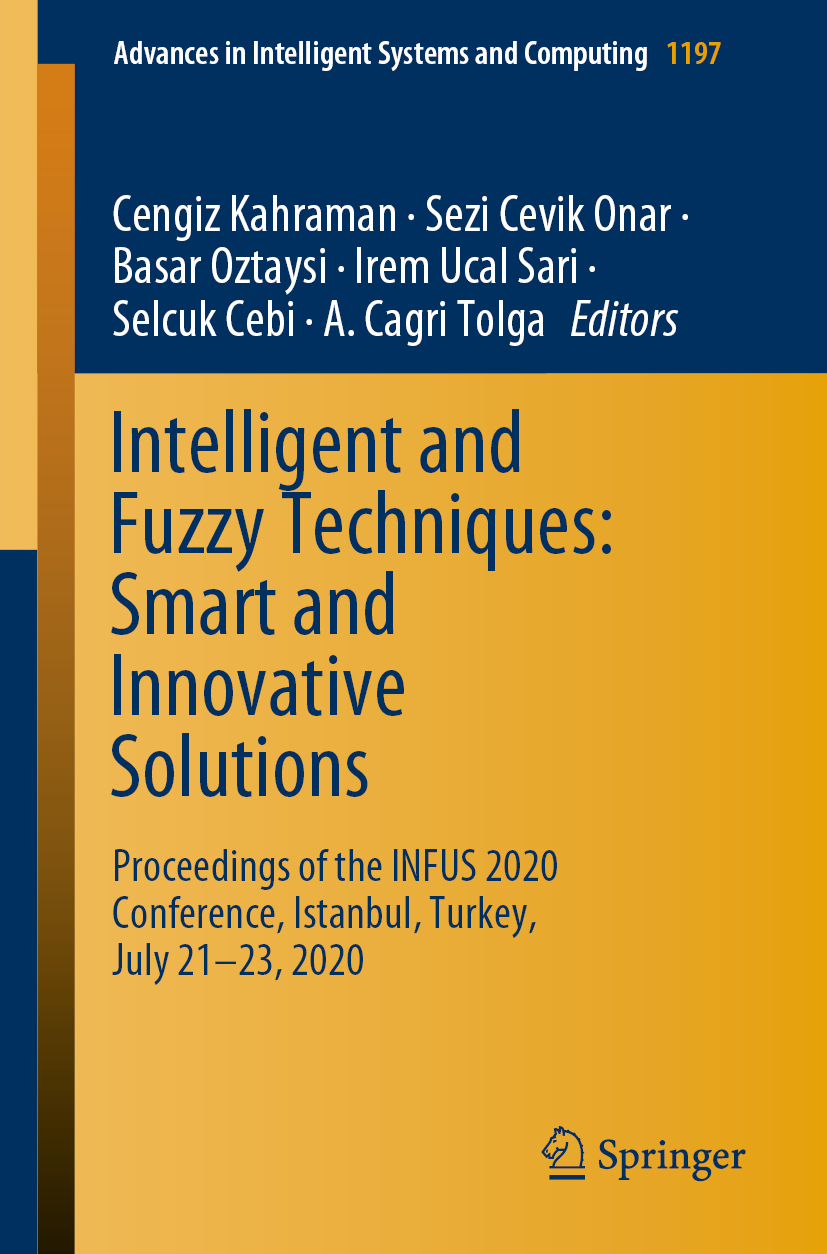
Intelligent and Fuzzy Techniques This book gathers the most recent developments in fuzzy & intelligence systems and real complex systems presented at INFUS 2020, held in Istanbul on July 21–23, 2020. The INFUS conferences are a well-established international research forum to advance the foundations and applications of intelligent and fuzzy systems, computational intelligence, and soft computing, highlighting studies on fuzzy & intelligence systems and real complex systems at universities and international research institutions. Covering a range of topics, including the theory and applications of fuzzy set extensions such as intuitionistic fuzzy sets, hesitant fuzzy sets, spherical fuzzy sets, and fuzzy decision-making; machine learning; risk assessment; heuristics; and clustering, the book is a valuable resource for academics, M.Sc. and Ph.D. students, as well as managers and engineers in industry and the service sectors. TECHNOLOGY & ENGINEERING,Engineering (General)
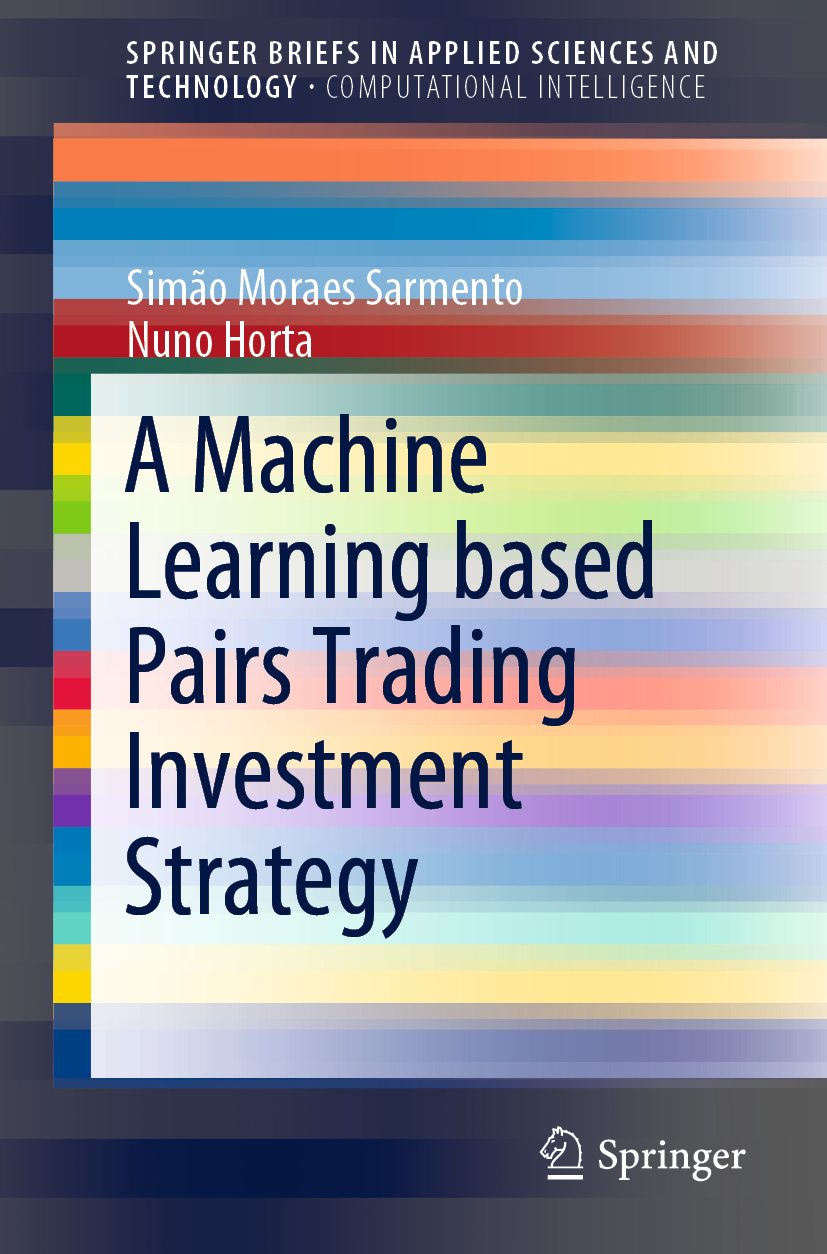
A Machine Learning based Pairs Trading Investment Strategy This book investigates the application of promising machine learning techniques to address two problems: (i) how to find profitable pairs while constraining the search space and (ii) how to avoid long decline periods due to prolonged divergent pairs. It also proposes the integration of an unsupervised learning algorithm, OPTICS, to handle problem (i), and demonstrates that the suggested technique can outperform the common pairs search methods, achieving an average portfolio Sharpe ratio of 3.79, in comparison to 3.58 and 2.59 obtained using standard approaches. For problem (ii), the authors introduce a forecasting-based trading model capable of reducing the periods of portfolio decline by 75%. However, this comes at the expense of decreasing overall profitability. The authors also test the proposed strategy using an ARMA model, an LSTM and an LSTM encoder-decoder. TECHNOLOGY & ENGINEERING,Engineering (General)
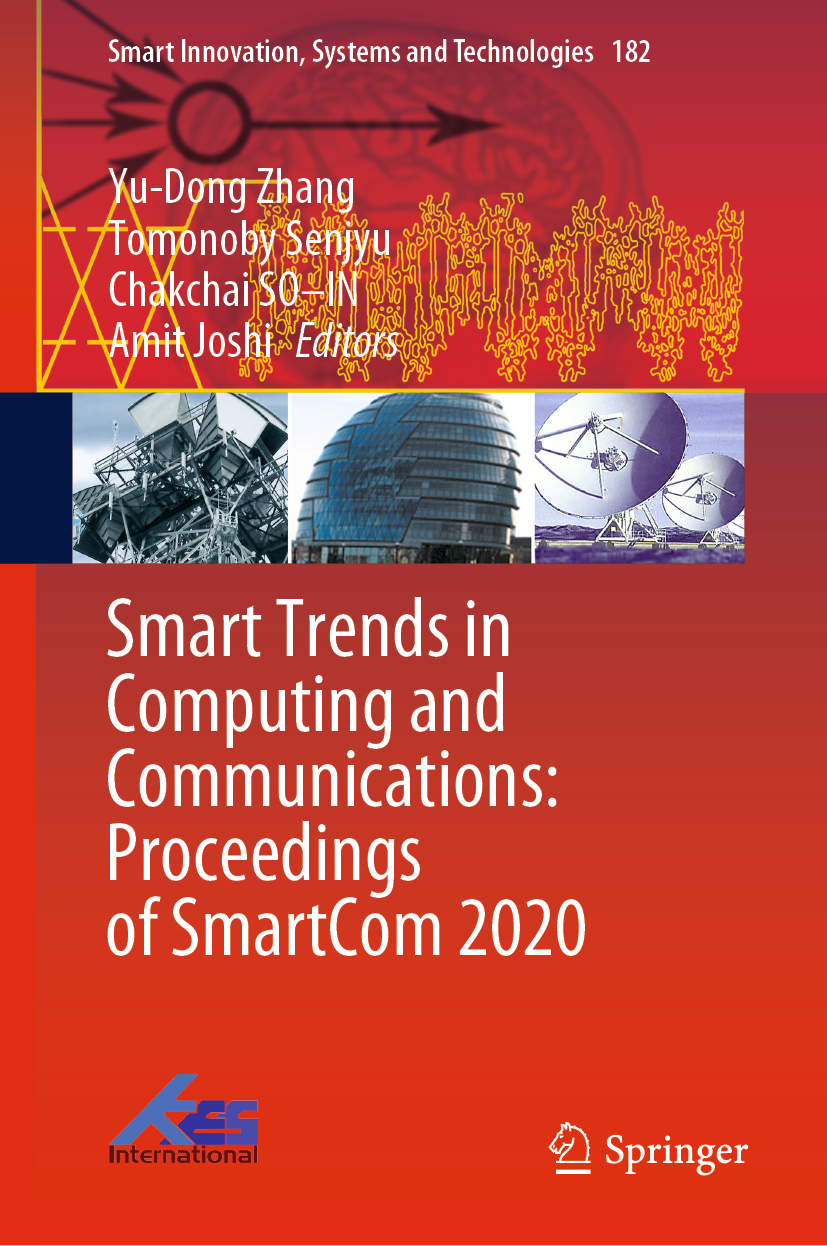
Smart Trends in Computing and Communications This book gathers high-quality papers presented at the International Conference on Smart Trends for Information Technology and Computer Communications (SmartCom 2020), organized by the Global Knowledge Research Foundation (GR Foundation) from 23 to 24 January 2020. It covers the state-of-the-art and emerging topics in information, computer communications, and effective strategies for their use in engineering and managerial applications. It also explores and discusses the latest technological advances in, and future directions for, information and knowledge computing and its applications. TECHNOLOGY & ENGINEERING,Engineering (General)

Engineering Economics This book presents the outcomes of the annual “Engineering Economics Week – 2020,†organized by the Russian Union of Industrialists and Entrepreneurs, the Institute of Management and the Institute of Market Problems of the Russian Academy of Sciences (RAS), the South-Russian State Polytechnic University and Samara State University of Economics, and held in online format in May 2020. Focusing on the following topics: - the globalized economy and Russian industrial enterprises: development specifics and international co-operation; - state support for the real sector of the economy; - decisions in production and project management in the context of the digital economy; - big data and big challenges in production networks and systems ; and - economic and social aspects of the innovation management: decision-making and control this book will appeal to scientists, teachers and students (bachelor’s, master’s and postgraduate) at higher education institutions, economists, specialists at research centers, managers of industrial enterprises, business professionals, and those at media centers, and development fund and consulting organizations. TECHNOLOGY & ENGINEERING,Engineering (General)
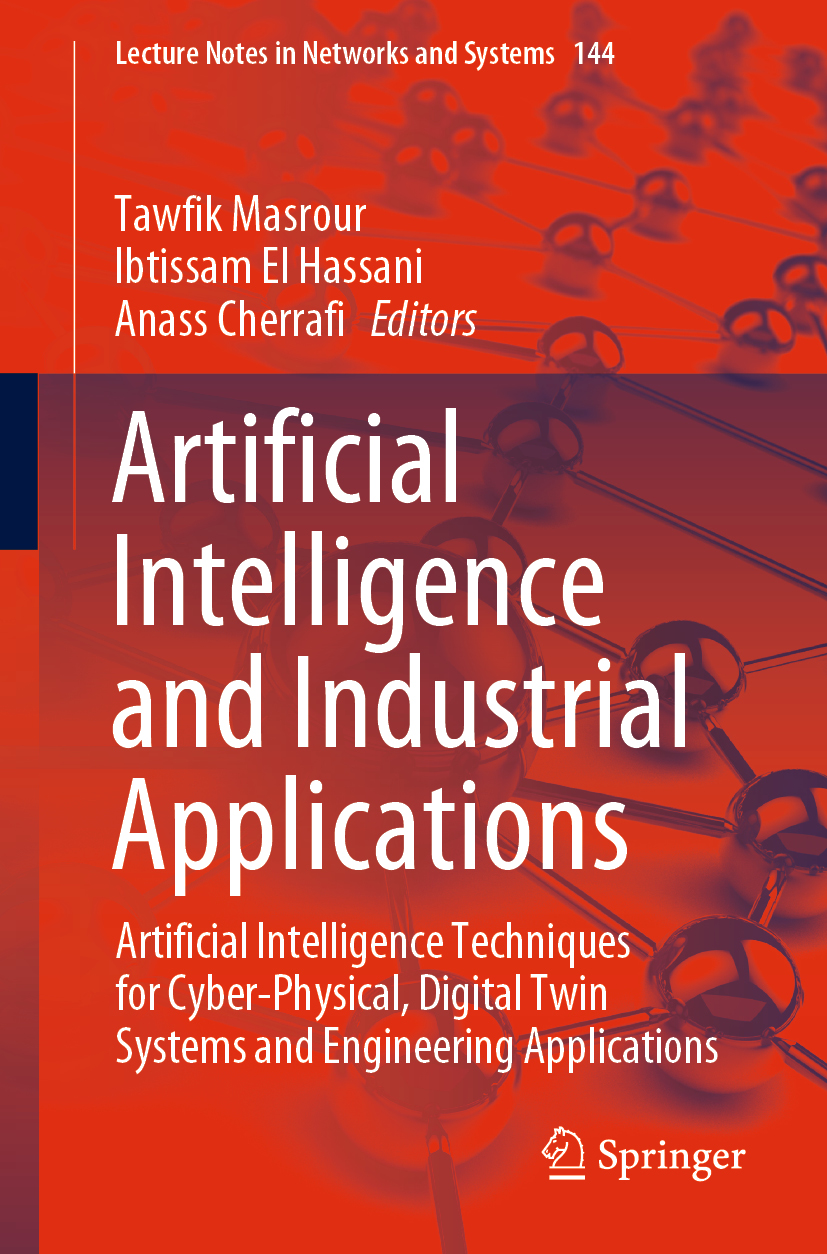
Artificial Intelligence and Industrial Applications This book gathers selected papers from Artificial Intelligence and Industrial Applications (A2IA’2020), the first installment of an annual international conference organized by ENSAM-Meknes at Moulay Ismail University, Morocco. The 29 papers presented here were carefully reviewed and selected from 141 submissions by an international scientific committee. They address various aspects of artificial intelligence such as digital twin, multiagent systems, deep learning, image processing and analysis, control, prediction, modeling, optimization and design, as well as AI applications in industry, health, energy, agriculture, and education. The book is intended for AI experts, offering them a valuable overview and global outlook for the future, and highlights a wealth of innovative ideas and recent, important advances in AI applications, both of a foundational and practical nature. It will also appeal to non-experts who are curious about this timely and important subject. TECHNOLOGY & ENGINEERING,Engineering (General)
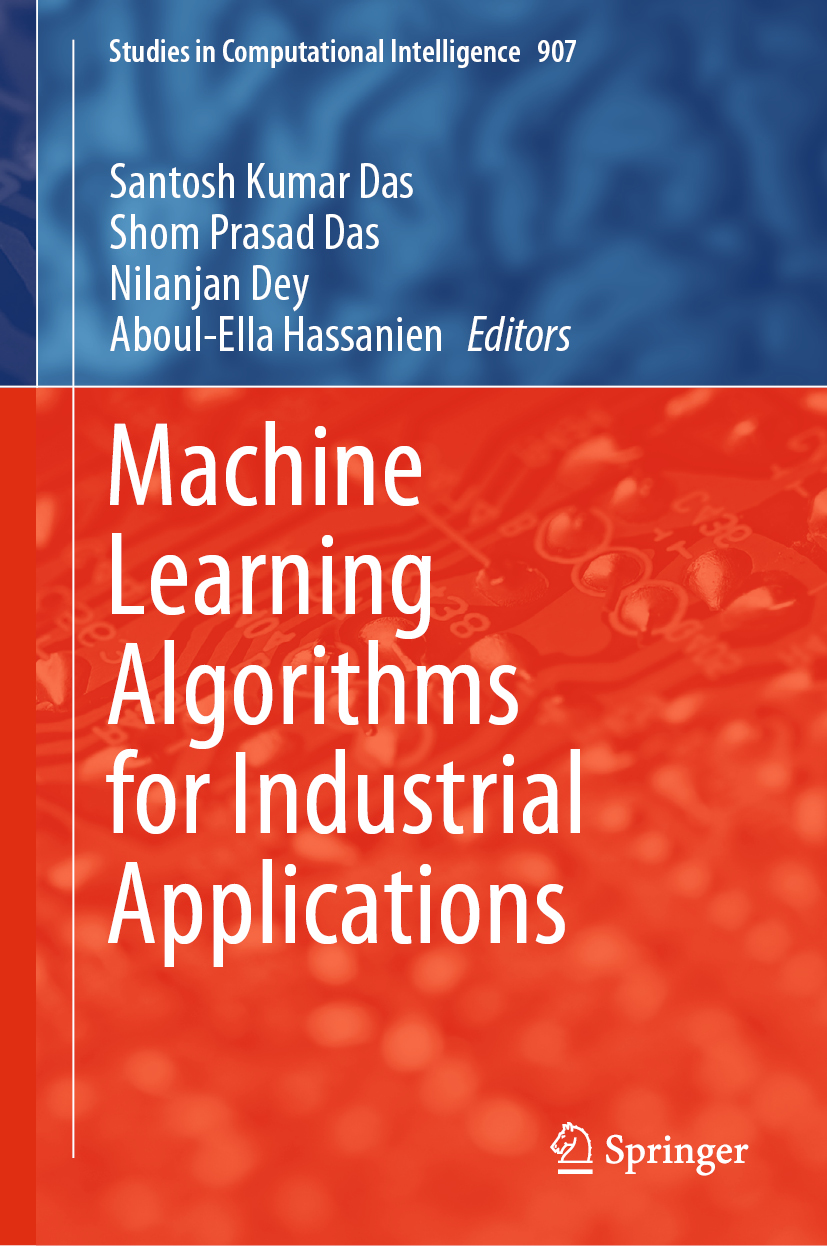
Machine Learning Algorithms for Industrial Applications This book explores several problems and their solutions regarding data analysis and prediction for industrial applications. Machine learning is a prominent topic in modern industries: its influence can be felt in many aspects of everyday life, as the world rapidly embraces big data and data analytics. Accordingly, there is a pressing need for novel and innovative algorithms to help us find effective solutions in industrial application areas such as media, healthcare, travel, finance, and retail. In all of these areas, data is the crucial parameter, and the main key to unlocking the value of industry. The book presents a range of intelligent algorithms that can be used to filter useful information in the above-mentioned application areas and efficiently solve particular problems. Its main objective is to raise awareness for this important field among students, researchers, and industrial practitioners. TECHNOLOGY & ENGINEERING,Engineering (General)
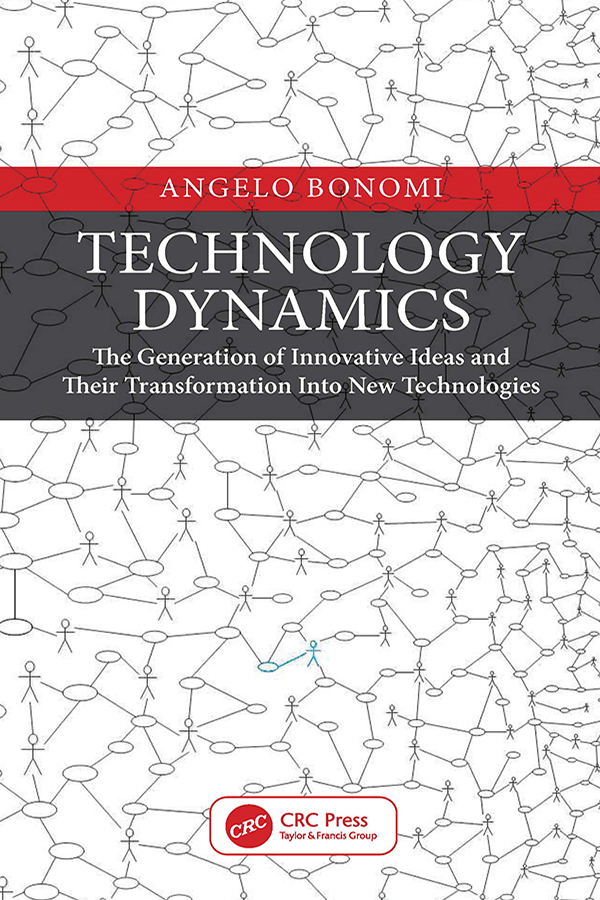
Technology Dynamics While science and technology research, sources of funding, performance, incentives, and motivations for technology innovation activities are reasonably well understood by academics and policy makers, the complex process by which scientific results are exploited and transformed into new technologies through an innovation process is poorly documented and studied little. Technology Dynamics is dedicated to the complex activity of technology innovation, with the aim of describing how innovative ideas are generated and their transformation into new technologies. It is based on the idea that technology evolves continuously with time, is changed by innovations, and is characterized by a dynamic that is constituted by technological processes occurring in organizational structures, as well as during the use of technologies. The five chapters Discuss technological processes for innovation; Describe innovation within organizational structures; Offer information on interfacing of science and economic factors with technology; Suggest new statistical studies for innovation and new approaches for innovation policies; and Examine the contribution of technology dynamics to statistical studies and promotion of technology innovation. This book is aimed at managers developing strategies for technology innovation, researchers interested in exploiting scientific results for innovative ideas and new technologies, scholars and students studying the economics of innovation. The book would also of interest to private or public financiers of innovation and policy makers involved in economic growth strategy. TECHNOLOGY & ENGINEERING,Engineering (General)
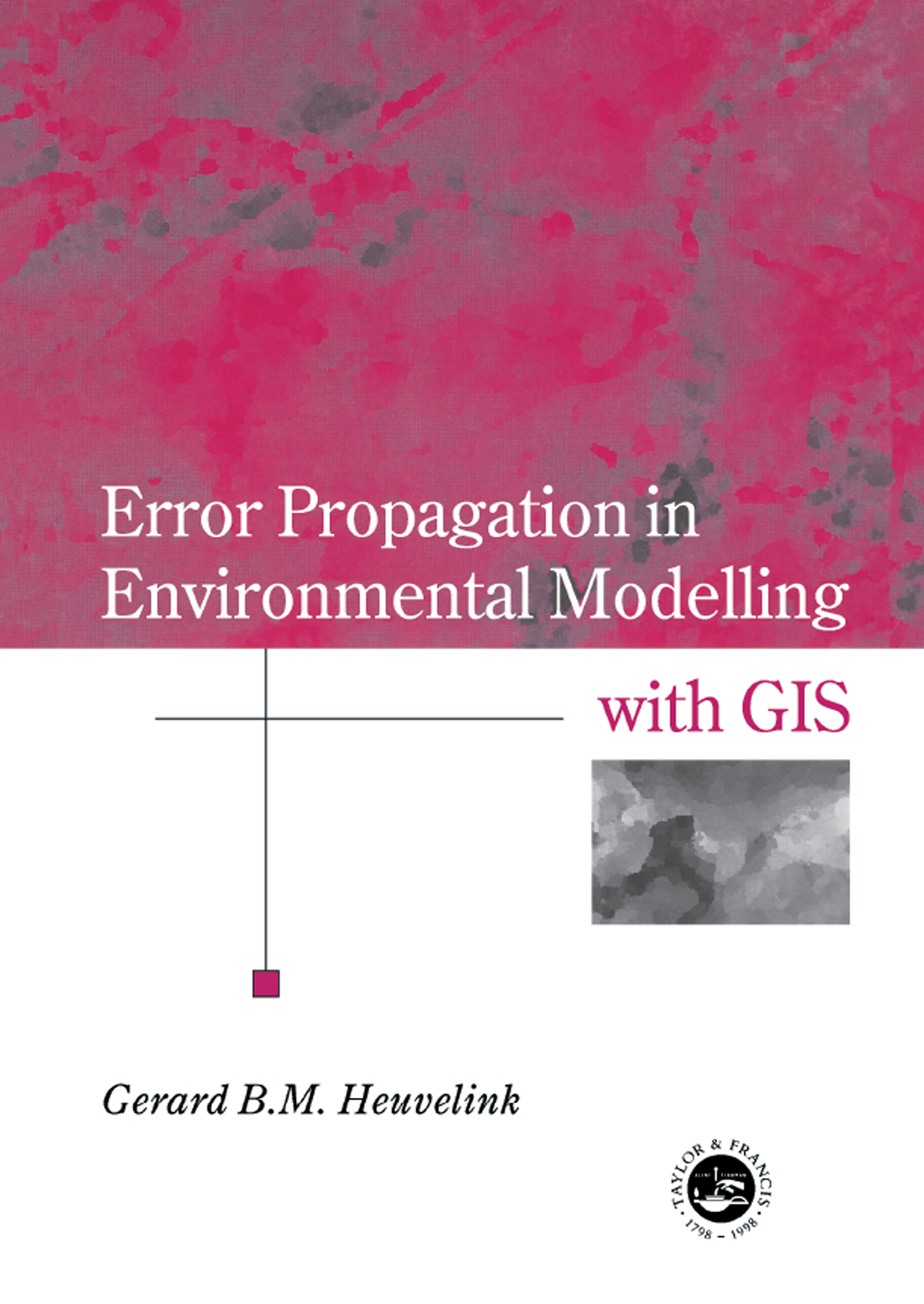
Error Propagation in Environmental Modelling with GIS GIS users and professionals are aware that the accuracy of GIS results cannot be naively based on the quality of the graphical output. Data stored in a GIS will have been collected or measured, classified, generalised, interpreted or estimated, and in all cases this allows the introduction of errors.; With the processing of translation of this data TECHNOLOGY & ENGINEERING,Environmental,General
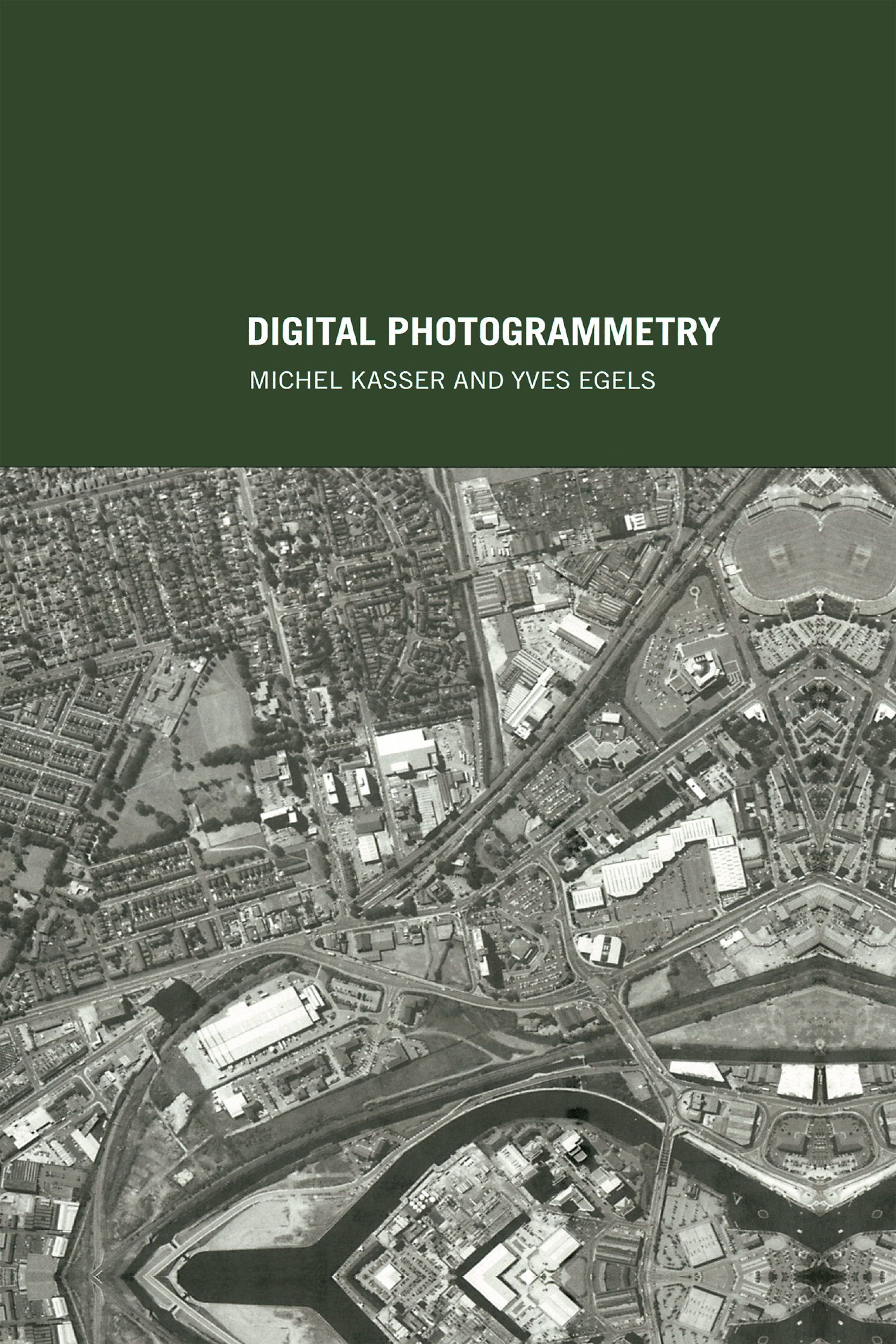
Digital Photogrammetry Photogrammetry is the use of photography for surveying primarily and is used for the production of maps from aerial photographs. Along with remote sensing, it represents the primary means of generating data for Geographic Information Systems (GIS). As technology develops, it is becoming easier to gain access to it. The cost of digital photogrammetr TECHNOLOGY & ENGINEERING,Environmental,General

Introduction to Sustainability Sustainability relates with Economics, Society, and Environment. However, one common fact that links them all is the generation of waste. This chapter is divided into two: The first part analyses the current generation of waste as well as its treatment. The second intends to establish policies for the future treatment of waste or, better yet, for ceasing the generation of waste. This first part begins by raising some capital questions: What is waste? Which are the components of waste? Where is waste generated? and How is waste treated? The second part will deal with: Why is waste produced? and What is society doing to correct this problem? 2. 2 First part: Current generation and treatment of waste 2. 2. 1 What is waste? The dictionary defines ‘waste’ as something useless, unwanted, or defective and the word ‘by-product’ as something produced in an industrial or biological process in addition to the principal product. From the point of view of sustainability, the word ‘waste’ does not have that meaning as, though it may be unwanted, it is not something useless and is certainly not defective. Even if in a manufacturing process a product or part of it does not conform to the manufacturer’s quality specs, it does not thereby become waste, but is, rather scrap material that is usually brought back to its original state and then processed again. TECHNOLOGY & ENGINEERING,Environmental,General
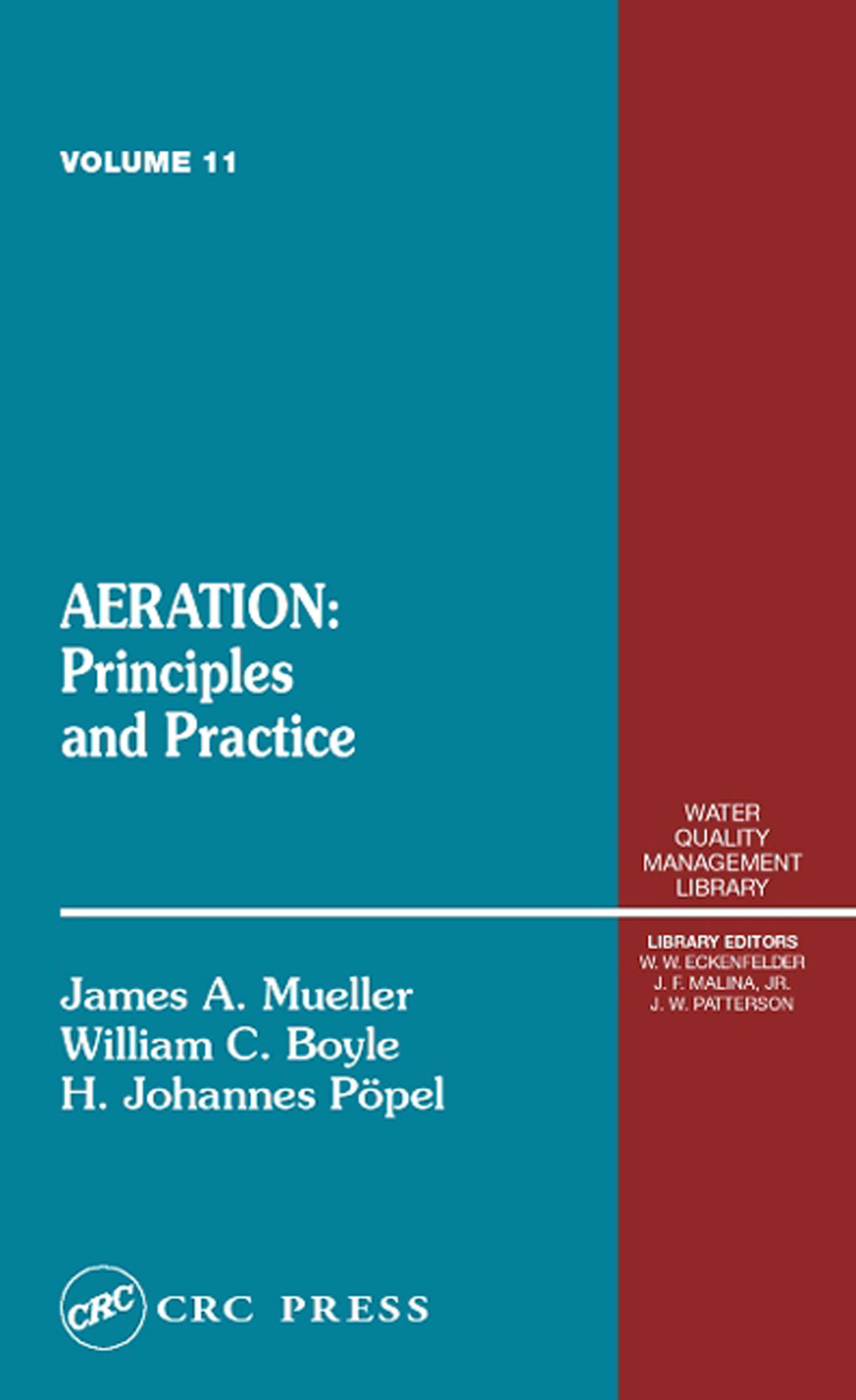
Aeration The immense environmental challenges facing the world now and in years to come can only be met through marshalling the talents of the best environmental engineers and scientists, and through the use of innovative, cost-effective solutions. Written by three leading aeration experts, Aeration: Principles and Practice, covers the principles and practi TECHNOLOGY & ENGINEERING,Environmental,General

The Design and Layout of Fire Sprinkler Systems Although effective fire sprinkler systems are crucial to public safety, for years, the designers of those systems had few published resources to reference and guide them through their design processes. The first edition of this book changed all that, and now The Design and Layout of Fire Sprinkler Systems Second Edition suits their needs even bette TECHNOLOGY & ENGINEERING,Environmental,General

Coping with Drought Risk in Agriculture and Water Supply Systems Over the last three decades drought episodes have resulted in severe social problems in Mediterranean countries, receiving broad attention from the international scientific and policy communities. The experiences in the development and implementation of drought management plans highlight the success and challenges of coping with drought for societies with different vulnerabilities and emphasize risk-based drought management as a critical approach to mitigate the impacts associated to drought-induced water shortages. Based on these experiences and the current methods for evaluating risk, the book synthesises guidelines for drought management that link science and policy and that can be applied to other regions. The book comprises a collection of papers divided into four sections that appeal to a broad audience. First, the social and hydrological context of Mediterranean countries is presented, discussing the interactions that have resulted in the complex institutional framework, and highlighting the importance of stakeholder involvement and awareness building for successful drought management. This section emphasises the role of organizations, institutions, and civil stakeholders involved in drought preparedness and mitigation and/or on water management for designing effective risk based strategies that mitigate the effects of drought in agriculture and water supply systems. Second, the book presents an academic approach to risk evaluation, including characterization of drought episodes, development of indicators of risk in hydrological and agricultural systems, and analysis of the role of economic instruments and groundwater for risk mitigation. This section finalises with the description of an integrated method for evaluating social vulnerability based on indicators that include the capacity to anticipate, cope, and respond to drought. The third section includes a collection of case studies that include the description of effective measures taken in the past. These case studies provide the context for developing demand driven guidelines that may be applied to other regions. The authors of these chapters can be viewed as stakeholders in drought management, since they represent a broad range of sectors and institutions from Mediterranean European and North African countries. The topics addressed have implications for the international policy community interested in disaster mitigation, agricultural policy, and development. Finally a synthesis of the management actions is presented in four chapters. Monitoring and preparedness planning is the essential first step for moving from disaster to risk management in response to drought. The management actions related to agriculture and water supply systems are presented in two different chapters but with a common conceptual framework based on the use of drought indicators for evaluating the levels of drought risk (pre-alert, alert, and emergency), that allow establishing linkages between science and policy. The final chapter discuses the lessons learned and application to other regions. TECHNOLOGY & ENGINEERING,Environmental,General
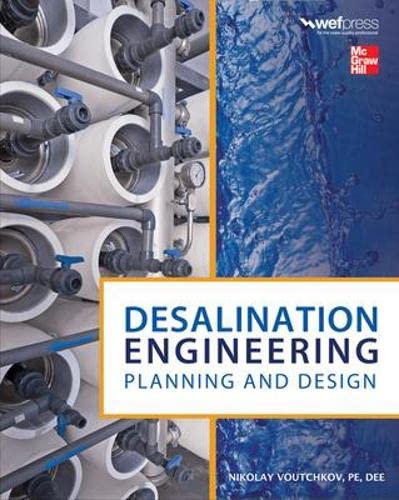
Desalination Engineering An in-depth guide to reverse osmosis desalination This Water Environment Federation and WateReuse Association publication provides comprehensive information on the planning and engineering of brackish and seawater desalination projects for municipal water supplies. After a brief overview of widely used desalination technologies, Desalination Engineering focuses on reverse osmosis desalination. The book discusses basic principles, planning and environmental review of projects, design and selection of key desalination plant components, desalinated water posttreatment, and concentrate management. Guidelines on sizing and cost estimation of desalination plant facilities are also included in this practical resource. COVERAGE INCLUDES: Source water quality characterization Fundamentals of reverse osmosis desalination Planning considerations Environmental review and permitting Intakes for source water collection Intake pump stations Source water screening and conditioning Sand removal, sedimentation, and dissolved air flotation Pretreatment by granular media filtration Pretreatment by membrane filtration Comparison of granular media and membrane pretreatment Reverse osmosis separation Post-treatment of desalinated water Desalination plant discharge management Desalination project cost estimates TECHNOLOGY & ENGINEERING,Environmental,General
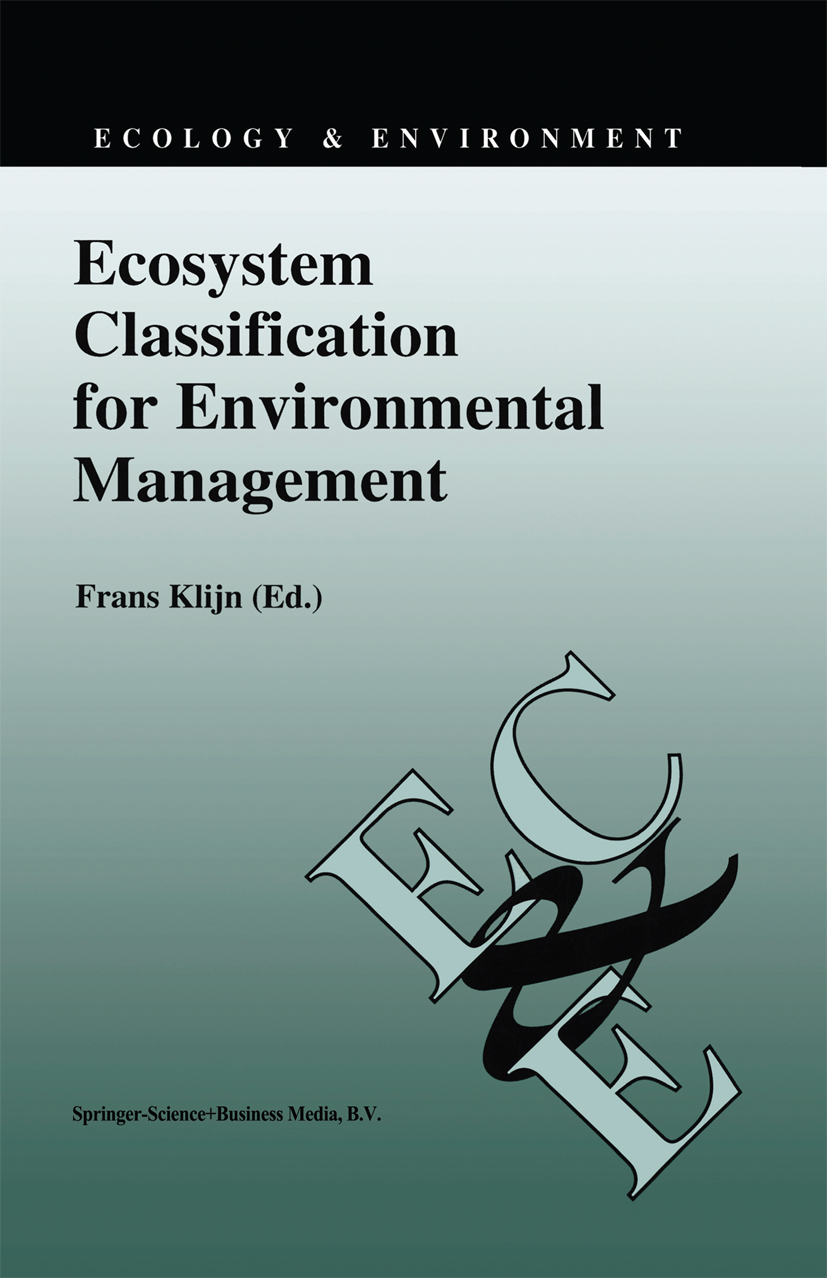
Ecosystem Classification for Environmental Management When Lovelock published his 'Gaia', it was for many people quite a relief. We would not be able to destroy life on earth. Lovelock illustrated this argument with a wealth of mechanistic feedback processes, as we know them to occur in ecosystems. These feedback processes would, somehow, lead the earth as a whole into a new equilibrium. An equilibrium with life within, be it in an entirely changed environment. This is, indeed, let us be earnest: a functioning ecosystem. But what kind of ecosystem? The Gaia-hypothesis triggered a great deal of thought and discussion about what we actually require as an environment. Bio diversity as an abbreviation of biotic diversity has since become the focal point of societal concern. But again, when we think about it, we are not only interested in the sheer number of species on earth. We also have ')ther interests: nearby, in our backyards, in the surrounding countryside, and on the various locations where we would like to spend our holidays. We also want to preserve rare or characteristic species just for their own sake. In fact, we want species in viable populations to be part of communities that are self-maintaining in environments where they belong. We know we cannot ask for this without protecting their environment, which is also our environment. This is where the next fashionable term emerges: sustainability. TECHNOLOGY & ENGINEERING,Environmental,General
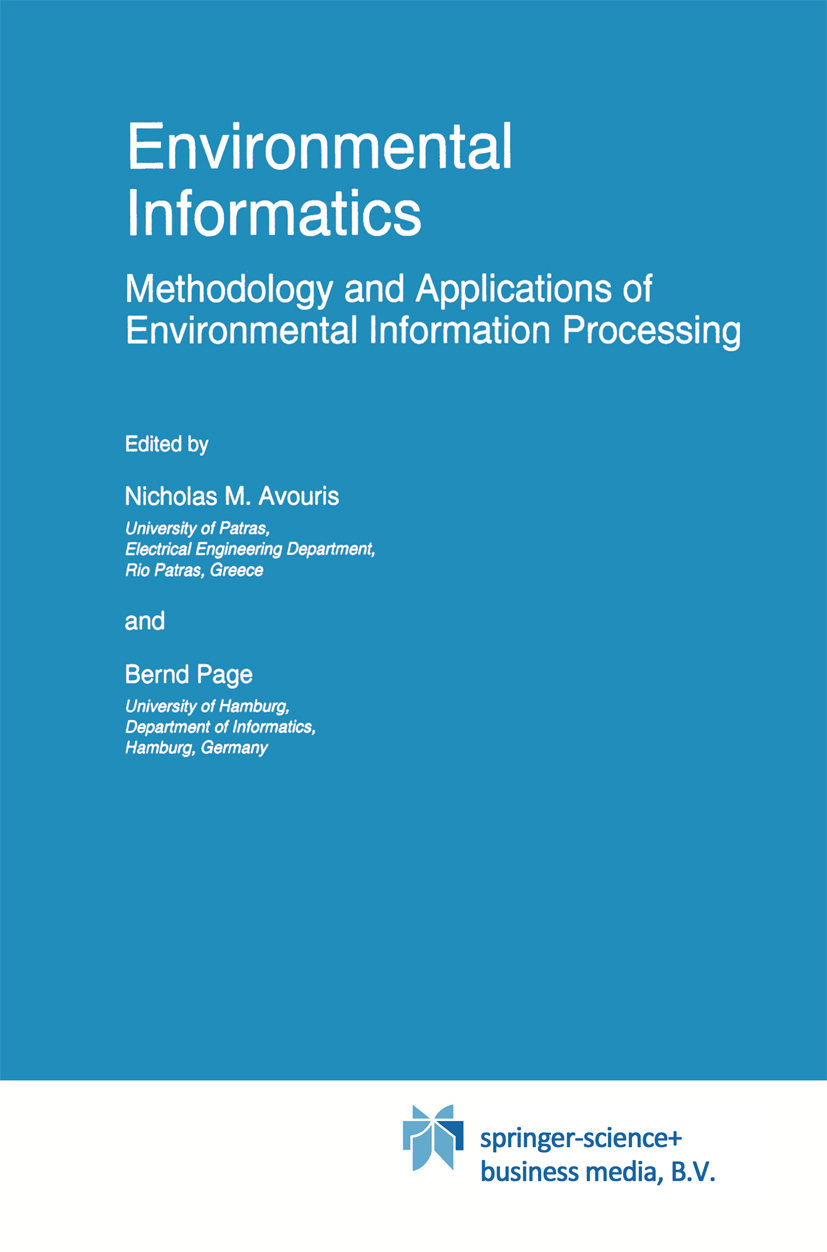
Environmental Informatics Based on the lectures given during the Eurocourse on `Environmental Informatics Applications' held at Athens, June 21--25, 1993 TECHNOLOGY & ENGINEERING,Environmental,General
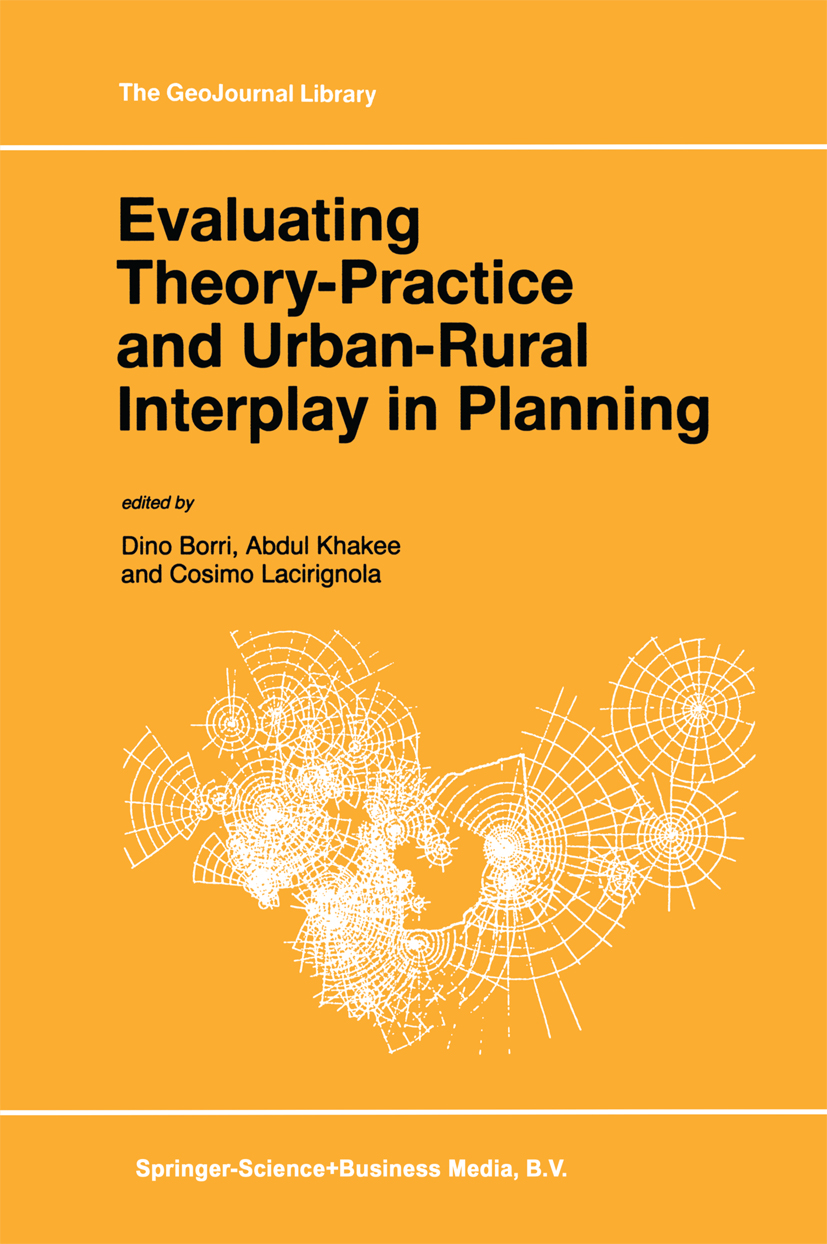
Evaluating Theory-Practice and Urban-Rural Interplay in Planning This volume contains a selection of papers presented at the second workshop on Evaluation and Planning held at Centre International de Hautes Etudes Agronomiques Mediterraneennes (CIHEAM) in Valenzano (Bari) in November 1993. The workshop was financially and otherwise supported by the School of Engineering, Bari Polytechnic; the School of Agriculture, University of Bari; and CIHEAM. The publication of this book was made possible by to the efforts of the contributing authors. Several other persons have provided invaluable support for the workshop or the preparation of this volume. One of these is Patsy Healey for her fascinating challenge to Andreas Faludi's most recent arguments about rational planning theory. Another is John Friedmann whose lecture at the workshop presented world future scenarios depicting interaction between economic growth, social justice and ecological balance. Angela Barbanente provided marvelous support in organizing the workshop and editorial advice in the preparation of this volume. Jeremy Franks carefully improved the English and the clarity of all the papers. Carmelo Torre made a final editing of texts and images. We owe thanks to Maurizio Raeli for providing all the support services during the workshop and Claudia Baublys for her excellent help with various administrative issues with regard to the workshop and publication of this book. This book is dedicated to the memory of Professor Giovanni Grittani, Professor of Land Economics, University of Bari. TECHNOLOGY & ENGINEERING,Environmental,General
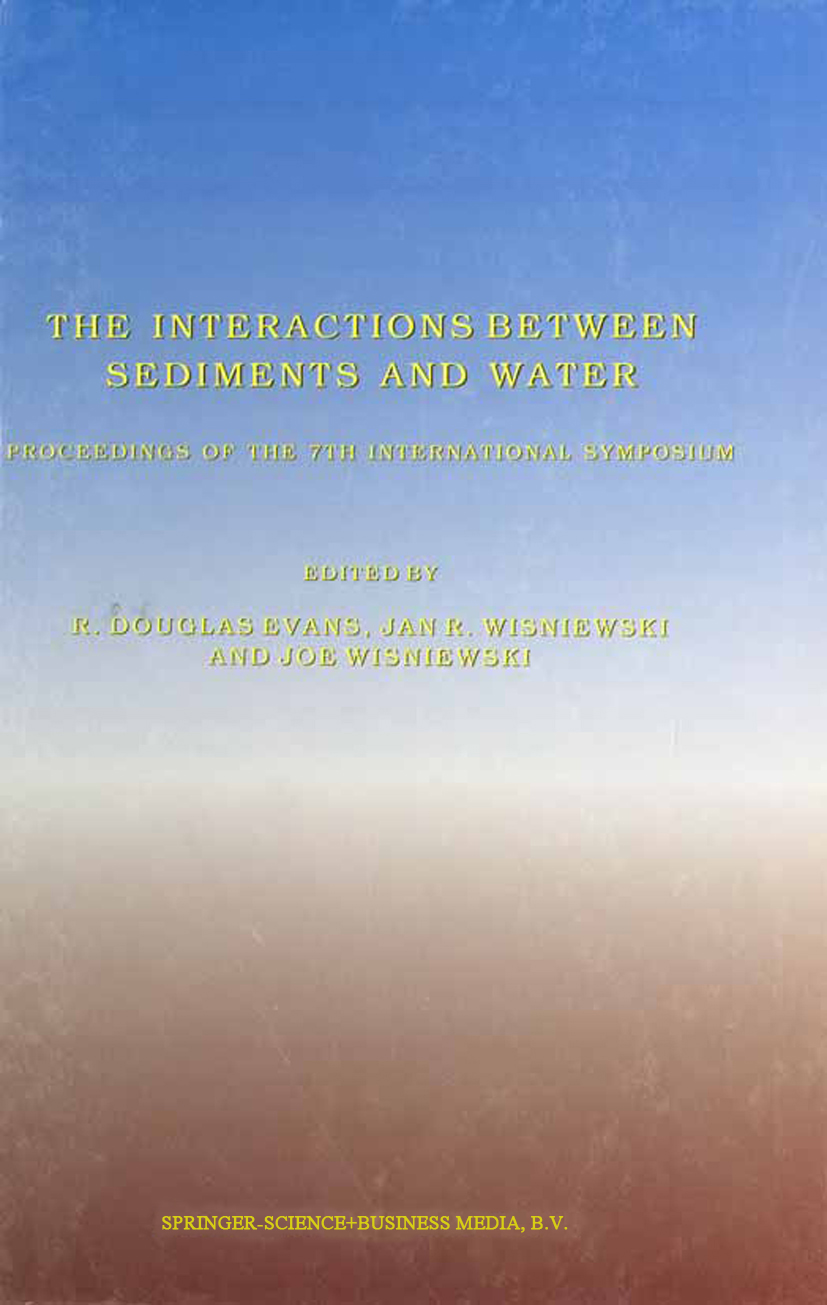
The Interactions Between Sediments and Water Proceedings of the 7th International Symposium TECHNOLOGY & ENGINEERING,Environmental,General

Integrated Approach to Environmental Data Management Systems Proceedings of the NATO Advanced Research Workshop, Bornova, Izmir, Turkey, September 16-20, 1996 TECHNOLOGY & ENGINEERING,Environmental,General
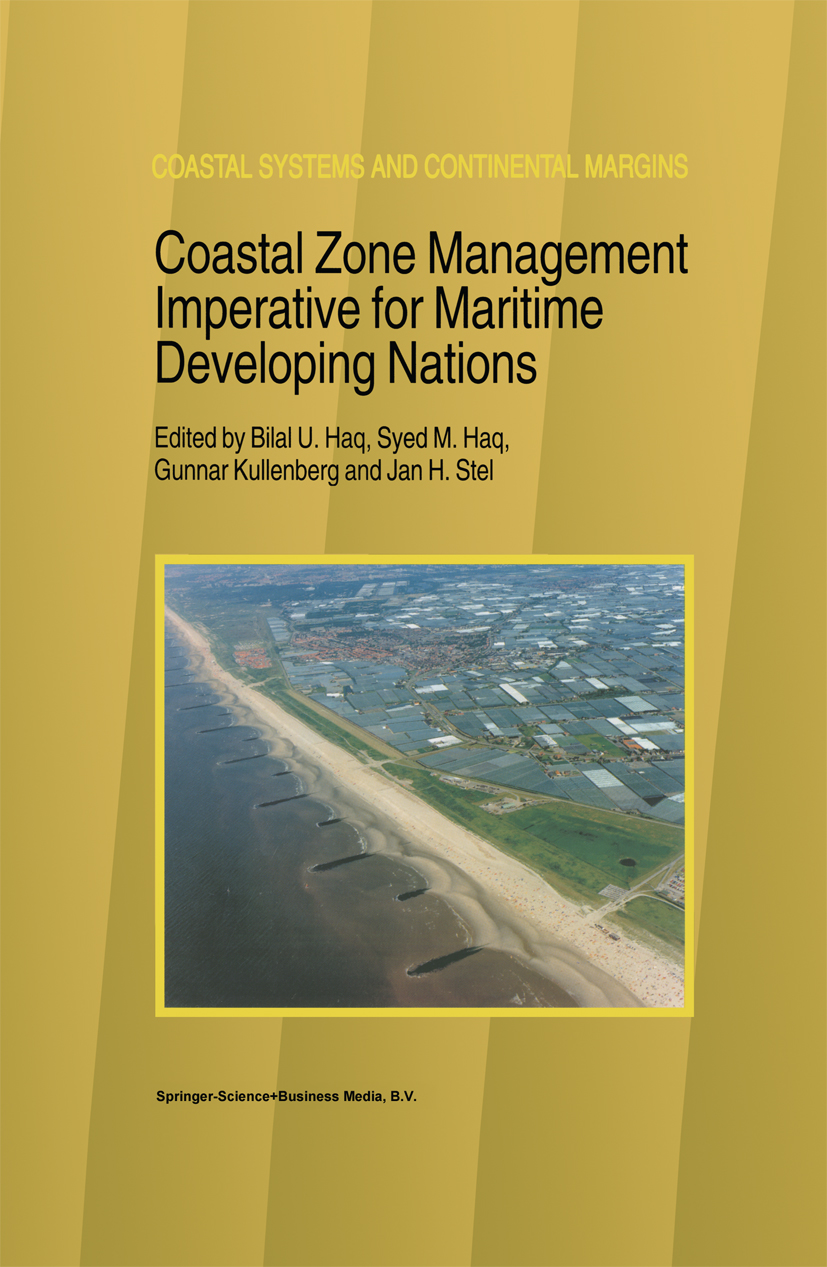
Coastal Zone Management Imperative for Maritime Developing Nations Anthropogenic transformation of the coastal zone continues at a steady pace, especially in the developing maritime countries, where coastal resources are often crucial to national economies. However, exploitation of these resources is often indiscriminate, ill planned, or carried out without adequate scientific knowledge. This leads to rapid resource depletion, and often irreversible environmental degradation. The 1992 Rio de Janeiro UN Conference on Environment and Development recognized the expediency of an integrated and sustainable use of all coastal resources, functions and services grounded on sound scientific data. The present volume is based on the 1994 international workshop Integrated Coastal Zone Management, and brings together contributions by leading specialists both on basic concepts and on applications of coastal management. The work is divided into six parts, dealing with the conceptual framework of ICZM; regional and global aspects of coastal management; environmental assessment in ICZM; capacity building and technology transfer; monitoring and environmental analysis; and case studies and status of ICZM plans. The book also incorporates an interactive ICZM planning module, COSMO, which can be of use in designing a management plan for a coast. Attention is also given to long-term environmental effects of present-day actions. It is hoped that COSMO will prove an additional learning tool for ICZM practitioners and enhance the value of the book. This work is intended to give a broad coverage of conceptual and technical aspects of ICZM, and will be of use to operational executives as well as students of ICZM, environmental economists, policy-makers and senior managers in the international development agencies and governmental and non-governmental organizations. It can be recommended as a textbook and as a reference work. TECHNOLOGY & ENGINEERING,Environmental,General
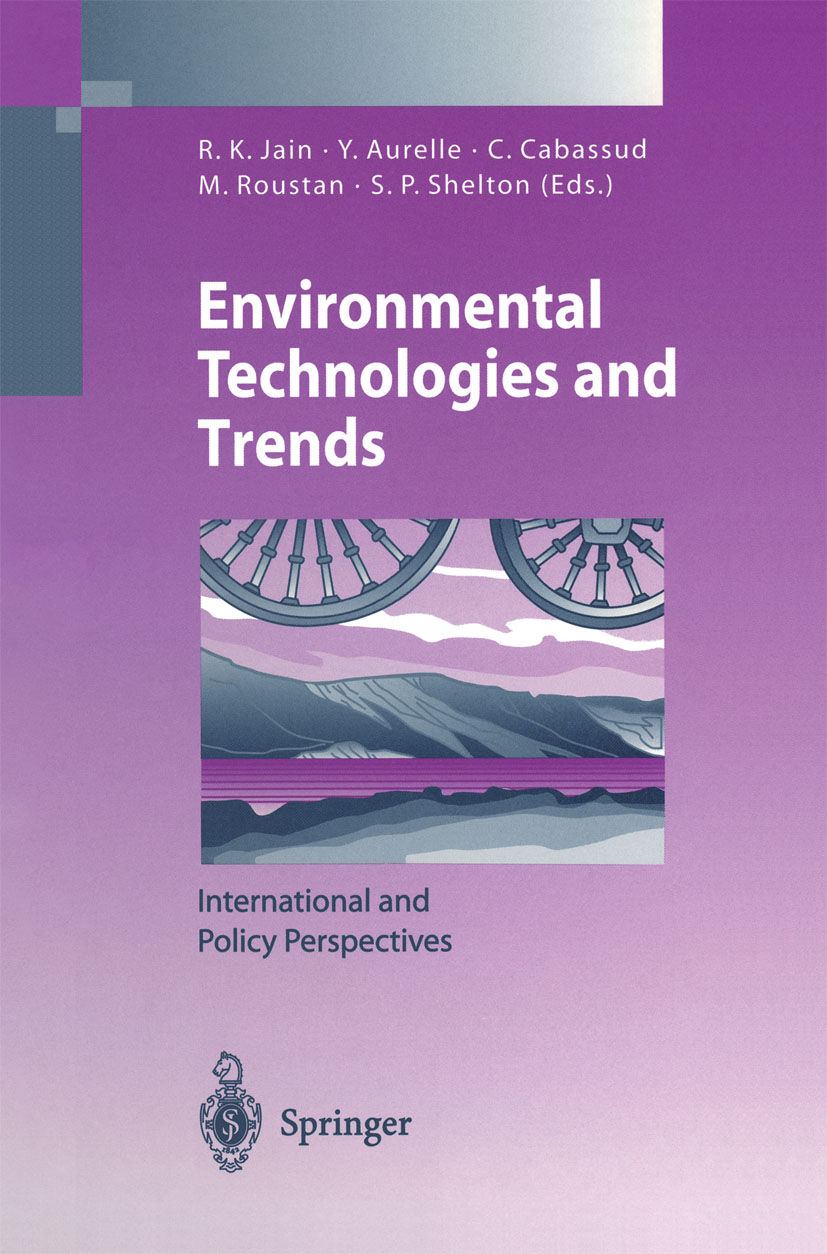
Environmental Technologies and Trends This manuscript was made possible by the exceptional support provided by INSA (Institut National des Sciences Appliquees) Toulouse, the University of New Mexico and the University of Cincinnati College of Engineering. The authors, as listed in this book, took the time to prepare excellent manuscripts focusing on scientific and technical areas relevant to emerging environmental issues. These manuscripts were rigorously reviewed and refereed by scientists and engineers before inclusion in this book. An introductory chapter was prepared to summarize and integrate technical issues covered and the last chapter was written to present policy perspectives. The editors are most grateful to the contributors, sponsor organizations, and many colleagues who were kind enough to assist us in making this manuscript possible. Background information about the editors, principal authors and other contributor:s to this manuscript follows. Editors Professor Dr. Ravi K. Jain Associate Dean for Research and International Engineering College of Engineering University of Cincinnati Mail Location 0018 Cincinnati OH 45221-0018 U.S.A. TECHNOLOGY & ENGINEERING,Environmental,General

Value Functions for Environmental Management Environmental decisions must satisfy a multitude of objectives and the matching of a plan, policy or project to such objectives is a matter of both facts and value judgements. Value Functions for Environmental Management provides a systematic approach to the structuring and measurement of value judgements, showing how they drive the decision process and how to make them transparent and effective in support of complex decisions. The value functions that the book describes provide a scheme for the exploration of human values and a tool for transforming them into an analytical model. A clear statement can then be made of the degree to which a decision has achieved its objectives, and how conflicting objectives may be addressed. This does not mean that there is no role for human judgement in the process. Complexity, often coupled with large information gaps, necessitates expert judgement, but the values adopted by the experts are themselves capable of being structured and measured according to the value function methodology presented here, even if the judgements themselves are qualitative and tentative. Value models for expert panels are also presented. The use of the methodology in practice is illustrated by examples. The book contains an extensive subject index. TECHNOLOGY & ENGINEERING,Environmental,General

The Climate Change Convention and Developing Countries The climate change problem can only be effectively dealt with if global anthropogenic greenhouse gas (GHG) emissions can be reduced substantially. Since the emission of such gases is closely related to the economic growth of countries, a critical problem to be addressed by the United Nations Framework Convention on Climate Change (FCCC) is: how will the permissible emission levels be shared between industrialised (ICs) and developing countries (DCs)? The thesis of this book is that the long-term effectiveness of the FCCC runs the risk of a horizontal negotiation deadlock between countries and the risk of vertical standstill within countries if there is little domestic support for the domestic implementation of measures being announced in international negotiations. The research question is: Can one observe trends towards horizontal deadlock and vertical standstill and if yes, how can the treaty design be improved so as to avoid such potential future bottlenecks? The research focuses on the perspectives of domestic actors on the climate convention and related issues in four developing countries: India, Indonesia, Kenya and Brazil. The following key findings emerge from the research: 1. Handicapped negotiating power: The common theme of the foreign policy of DCs is that ICs are responsible for the bulk of the GHG emissions and need to take appropriate domestic action. TECHNOLOGY & ENGINEERING,Environmental,General
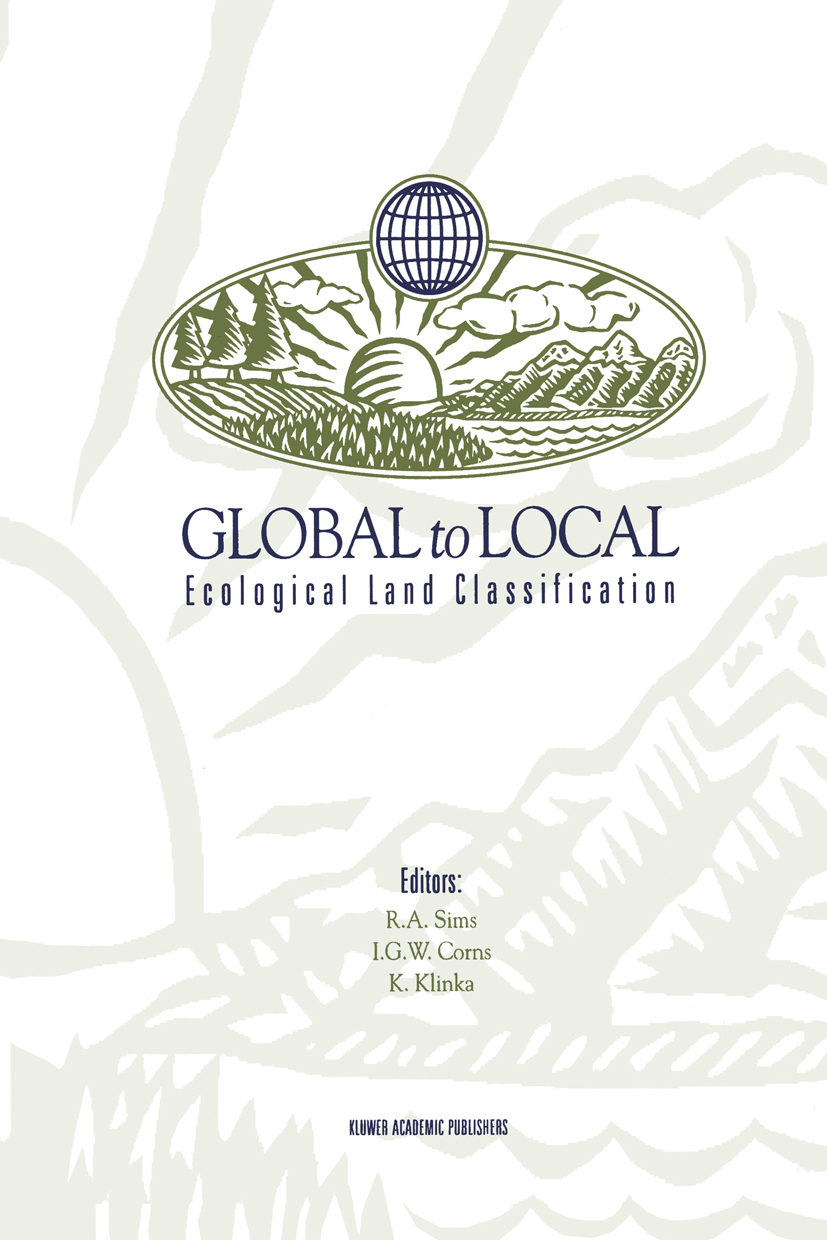
Global to Local Ecological Land Classification (ELC) refers to the description of land resources at a range of spatial resolutions (i.e. global to local) and for a range of purposes or values. The emerging science of ELC is in fact a very carefully integrated blend of vegetation and earth sciences, climatology, cartography and ecology with a range of new technologies and methodologies including computer-based geographic information systems, remote sensing and simulation modelling. This publication defines the current `state-of-the-art' of ELC. It provides particular insight into the role of ELC in current and future forest resource planning and management, and emphasizes its application and usefulness at various spatial scales, for a variety of geographic locations, and under a range of management scenarios/constraints. The book is an invaluable and substantial reference source about the current trends in ELC and will be of particular value to ecologists, foresters, geographers, resource managers, wildlife biologists, GIS and remote sensing specialists, educators and students. TECHNOLOGY & ENGINEERING,Environmental,General
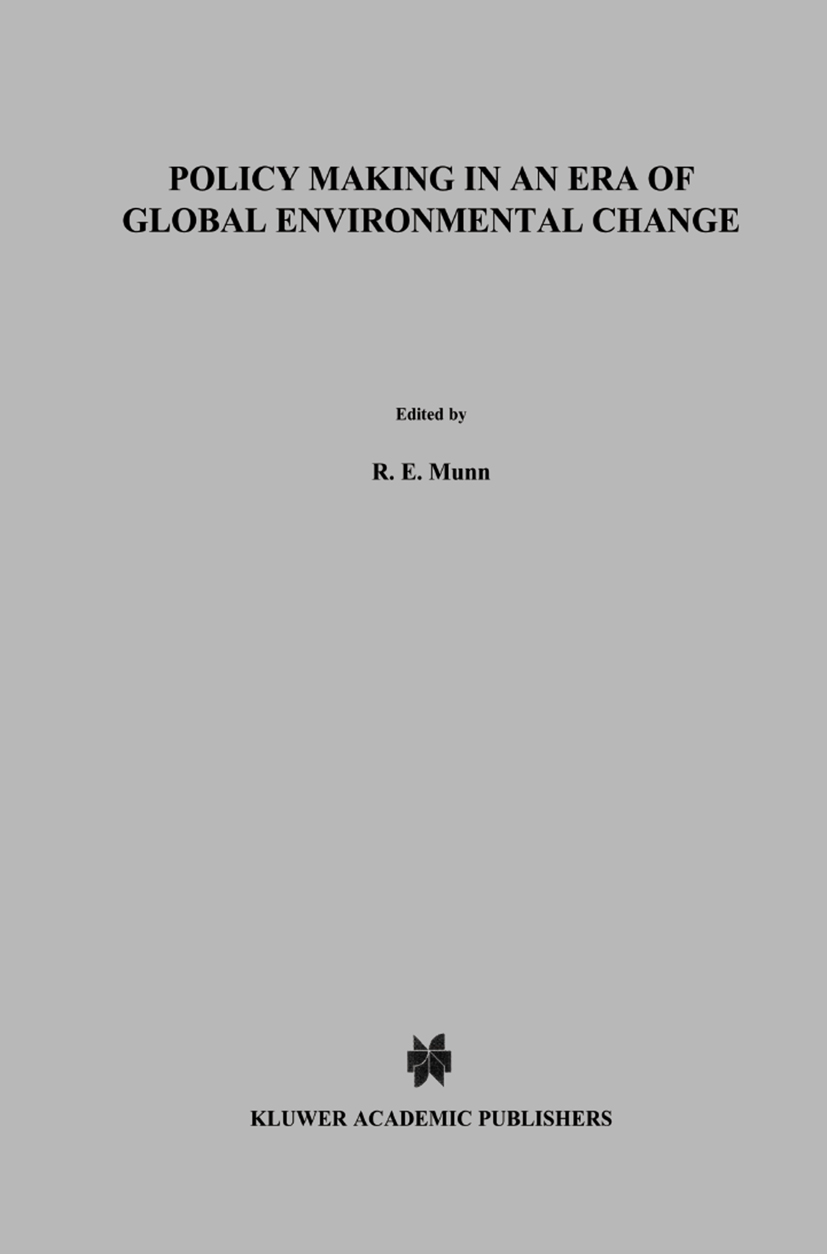
Policy Making in an Era of Global Environmental Change Major international, interdisciplinary research programmes are now underway to increase our understanding of how the Earth System operates and how it is changing through the effects of human activities. Although understanding and predictive capacity are still limited, scientists already agree that significant global changes must be expected in the next 50 years that will affect the capacity of the Earth to sustain life. Governments, business and industry have, therefore, come to recognize that scientific knowledge about the changing global environment - as yet incomplete but rapidly evolving - is becoming indispensable for wise long-term policy making, the goal being to design preventive, adaptive and remedial measures. Thus global change science and policy making are engaged in a process of forming a new partnership that is taking shape as further insights evolve. Effective continuous interactions between the partners requires mutual understanding: decision-makers need to understand the unique potential but also the limitations of the results of scientific research in progress while scientists must take into account the priorities and constraints of policy-makers in designing and implementing policies that will promote long-term sustainability of life on this planet. This book contributes in a unique manner to this mutual understanding: It gives an overview of the ongoing relevant research focusing on the two major international programmes, the International Geosphere-Biosphere Programme and the World Climate Research Programme. These are described in terms understandable to the interested lay reader. The results of the latest review of the Intergovernmental Panel on Climate Change (IPCC) are included. This is followed by an analysis of the response process that is in progress with respect to governments - singly and multilaterally - by business and industry and by public interest groups. This process is leading to interactive structures, assessment procedures and legislation, nationally and internationally. Business and industry are changing from mere watchfulness to recognition of new opportunities for products and processes. Six interviews with prominent figures from business and government circles in the Netherlands provide a vivid illustration of the questions at issue. The appendices provide overviews of methods for incorporating the results of global change science into policy-making and development of long lasting projects. Adaptation to climate change serves as an example. Thus, for the first time, one book describes both ongoing research work in global change and the response processes that the research results are evoking. It is of interest to all stake-holders in the scientific community as well as to decision-makers in industry, business and government. TECHNOLOGY & ENGINEERING,Environmental,General
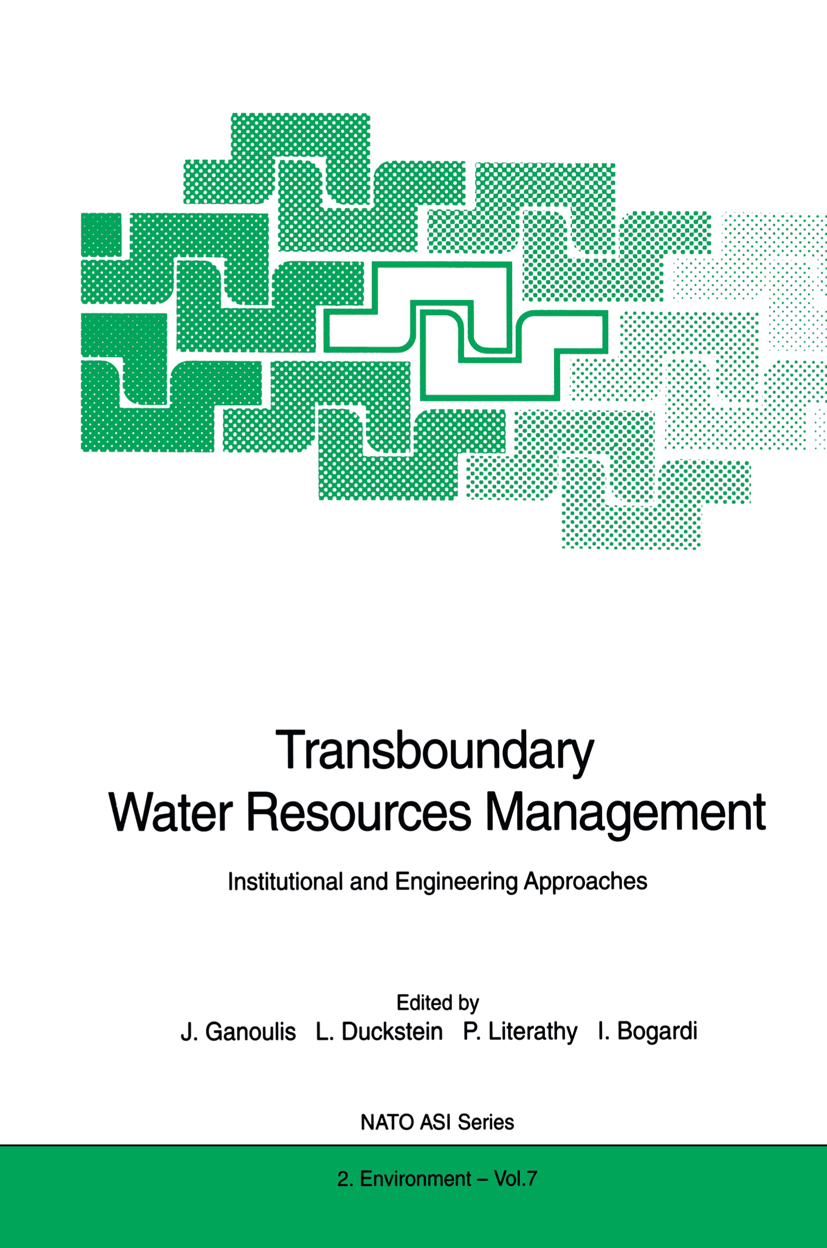
Transboundary Water Resources Management Proceedings of the NATO Advanced Study Institute "Transboundary Water Resources Management: Technical and Institutional Issues", held on Skopelos Island, Greece, May 15-25,1994 TECHNOLOGY & ENGINEERING,Environmental,General
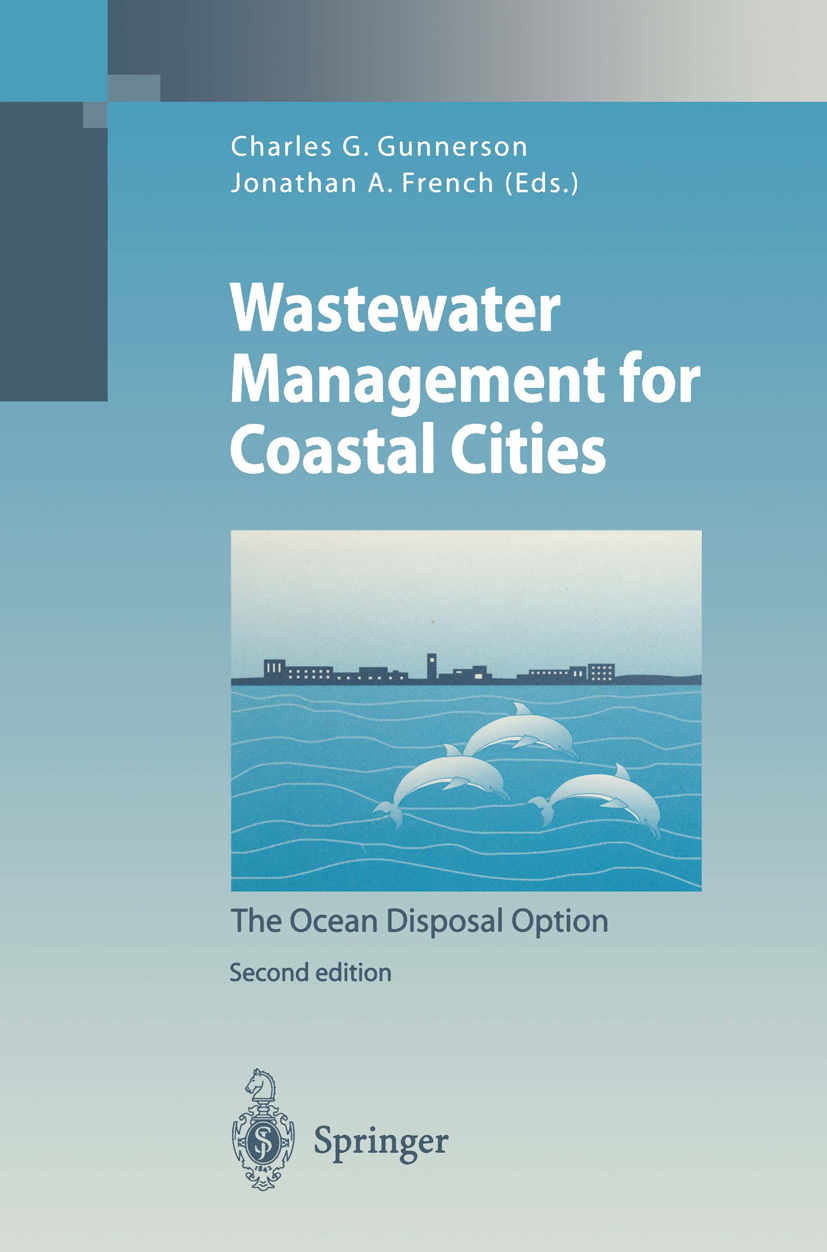
Wastewater Management for Coastal Cities Protection of coastal waters from direct pollution by coastal cities is a vital task in preserving marine ecosystems and promoting human health. This book, edited by two leading experts on wastewater management for coastal cities, delves deeply into the ecological and oceanographic fundamentals that are essential for understanding of what happens to wastes discharged into the nearshore marine environment. It explains the requirements for rational engineering design and operation of the physical and institutional components of coastal city wastewater management, and it provides guidelines for hydraulic design, ocean outfall construction, monitoring, cost recovery, and other economic aspects. Case studies are included, drawn from the editors' worldwide field experience. TECHNOLOGY & ENGINEERING,Environmental,General
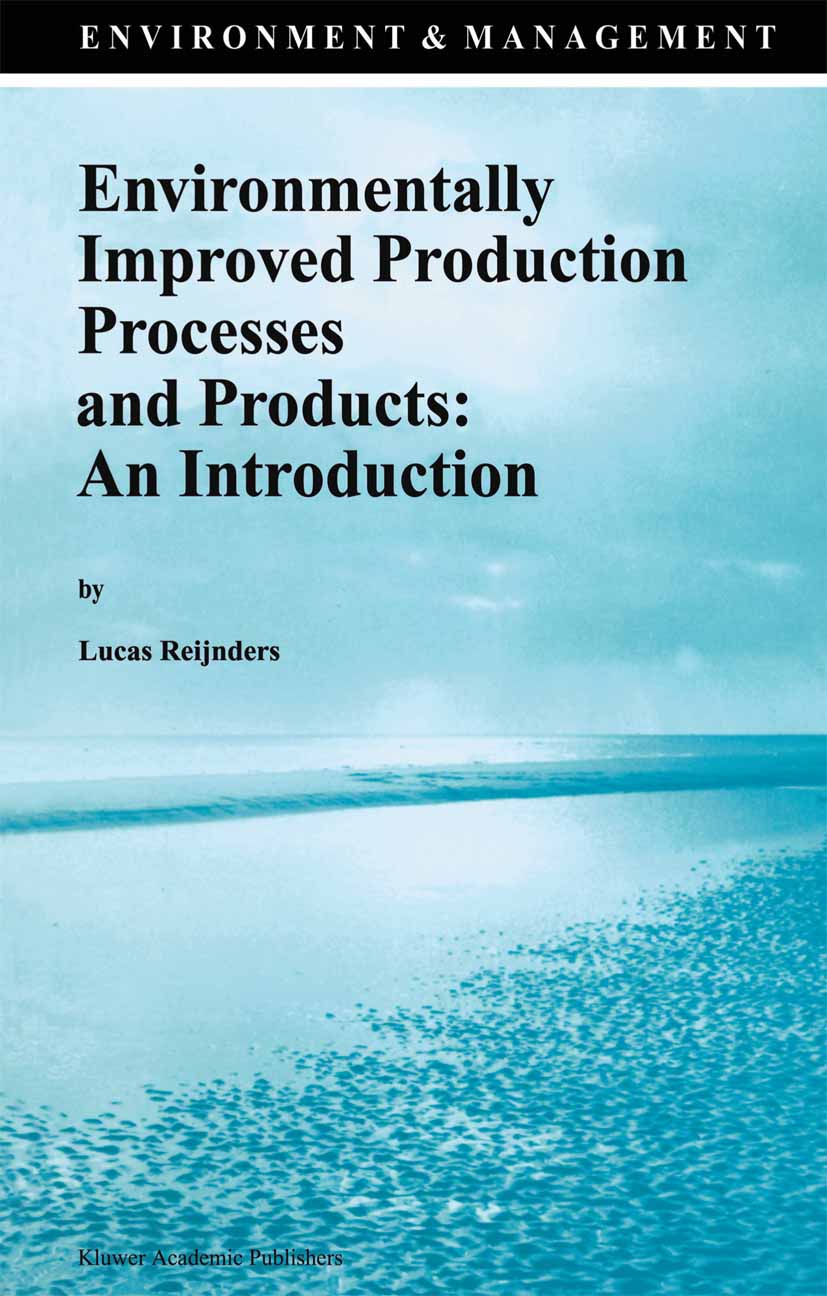
Environmentally Improved Production Processes and Products Environmentally Improved Production Processes and Products introduces students at institutes of higher education, company management, civil servants, professional designers and process engineers to the field of environmentally oriented product and process improvement. The book deals with improvements that are integrated into processes and products. It differs from other books currently available in that it covers both production and products. It is also different because both social/economic and technical aspects of the improvement of products and production processes are dealt with, rather than the more usual focus either on technical or on social and/or economic aspects. Another characteristic is the wide range of production processes and products covered, ranging from bakeries to olive growing, from nuclear power plants to glues, from office chairs to breweries, and from television sets to steel plants. Geographical coverage ranges from Sweden to China and from India to Italy and the USA. TECHNOLOGY & ENGINEERING,Environmental,General

The Aral Sea Basin Proceedings of the NATO Advanced Research Workshop "Critical Scientific Issues of the Aral Sea Basin: State of Knowledge and Future Research Needs", held in Tashkent, Uzbekistan, May 2-5, 1994 TECHNOLOGY & ENGINEERING,Environmental,General

Water Supply Systems Proceedings of the NATO Advanced Study Institute "New Technologies for Large Water Supply Projects", held in Varna, Bulgaria, October 24 - November 4, 1994 TECHNOLOGY & ENGINEERING,Environmental,General
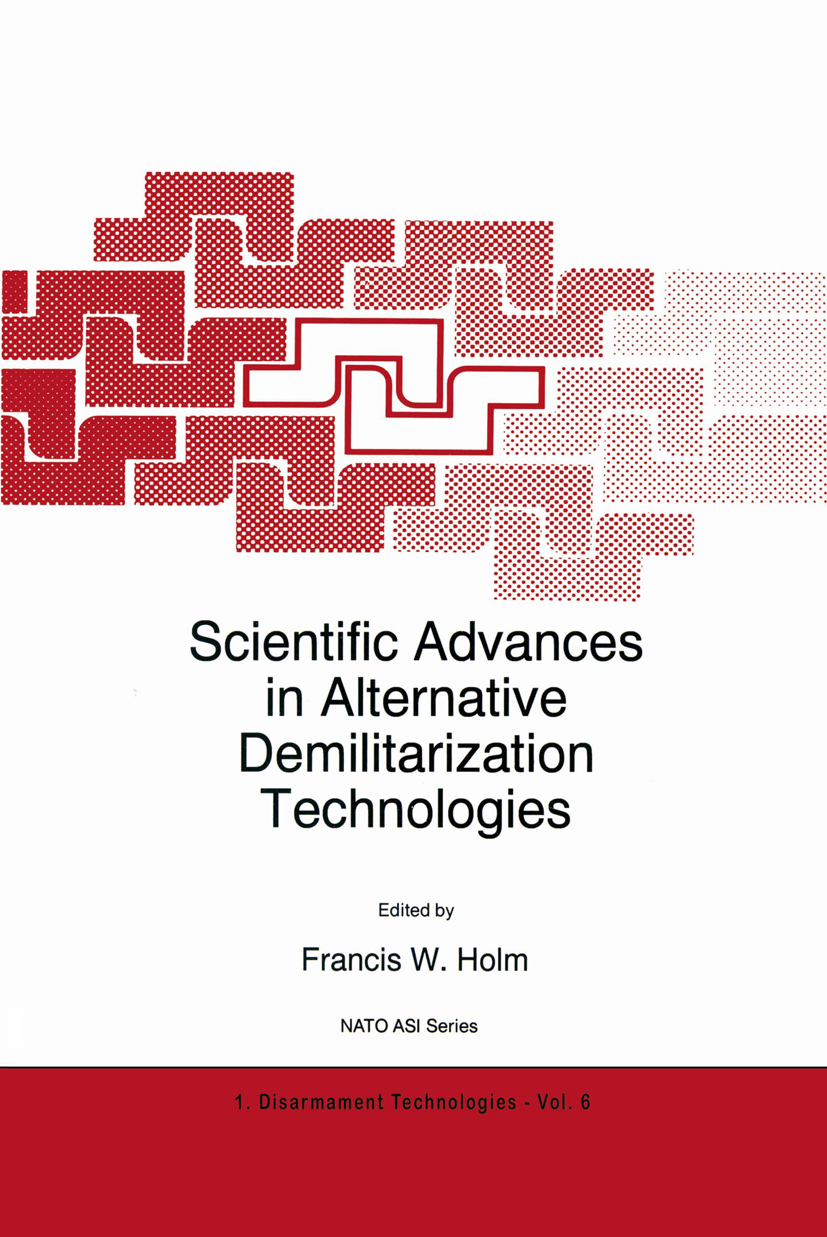
Scientific Advances in Alternative Demilitarization Technologies Proceedings of the NATO Advanced Research Workshop, Warsaw, Poland, April 24-25, 1995 TECHNOLOGY & ENGINEERING,Environmental,General

Environmental Fiscal Reform and Unemployment The European Union faces several interlinked challenges: how to protect the environment and favour sustainability; how to reduce unemployment and foster competitiveness in a context of growing globalization; how to reduce regional disparities among and within me mb er countries. The recent policy debate has clarified that the above objectives are not a trade off if jointly tackled. In particular, win-win policy options are available to the European Union by an appropriate integration of regulation, macro policy, social policy, fiscal policy and environmental policy. Evidence shows that optimising on each single policy will not meet the needs of the European Union. On the contrary, an integrated approach will make it possible to reach the various objectives, as stated in the Treaty on European Union, in the 5th Environmental Action Programme, in the White Paper on Growth, Competitiveness and Employment. This integrated approach would im plement a genuine sustainable development policy. TECHNOLOGY & ENGINEERING,Environmental,General
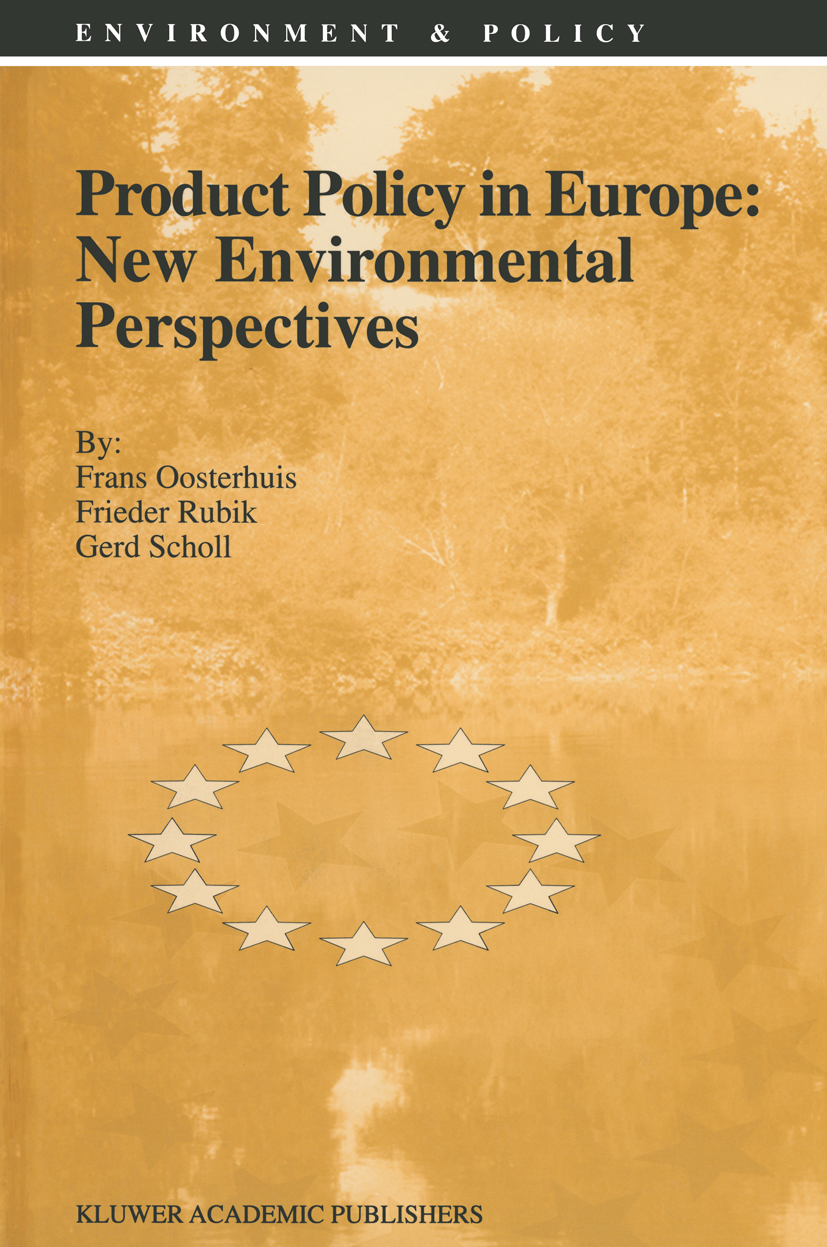
Product Policy in Europe Product Policy in Europe: New Environmental Perspectives presents an overview and assessment of a relatively new area of environmental policy in Europe. Whereas the more `traditional' environment policy mainly deals with individual emissions, waste and substances, product policy is a more comprehensive approach addressing the environmental impacts of products during their whole life cycle. The study reviews the current state of affairs and the prospects for product policy in the EU and Switzerland. It shows the relationship with other areas of environmental policy and the potential role of new instruments and approaches. Four case studies (on paint, batteries, public procurement and eco-labelling) illustrate the barriers and opportunities of product policy. Environmental policy makers and policy analysts will find useful information and recommendations in this book. It is also written for those who have a professional interest in reducing the environmental impact of products, including marketing managers, product developers, procurement officers and staff members of environmental and consumer organisations, standardisation and certification institutions, etc. TECHNOLOGY & ENGINEERING,Environmental,General
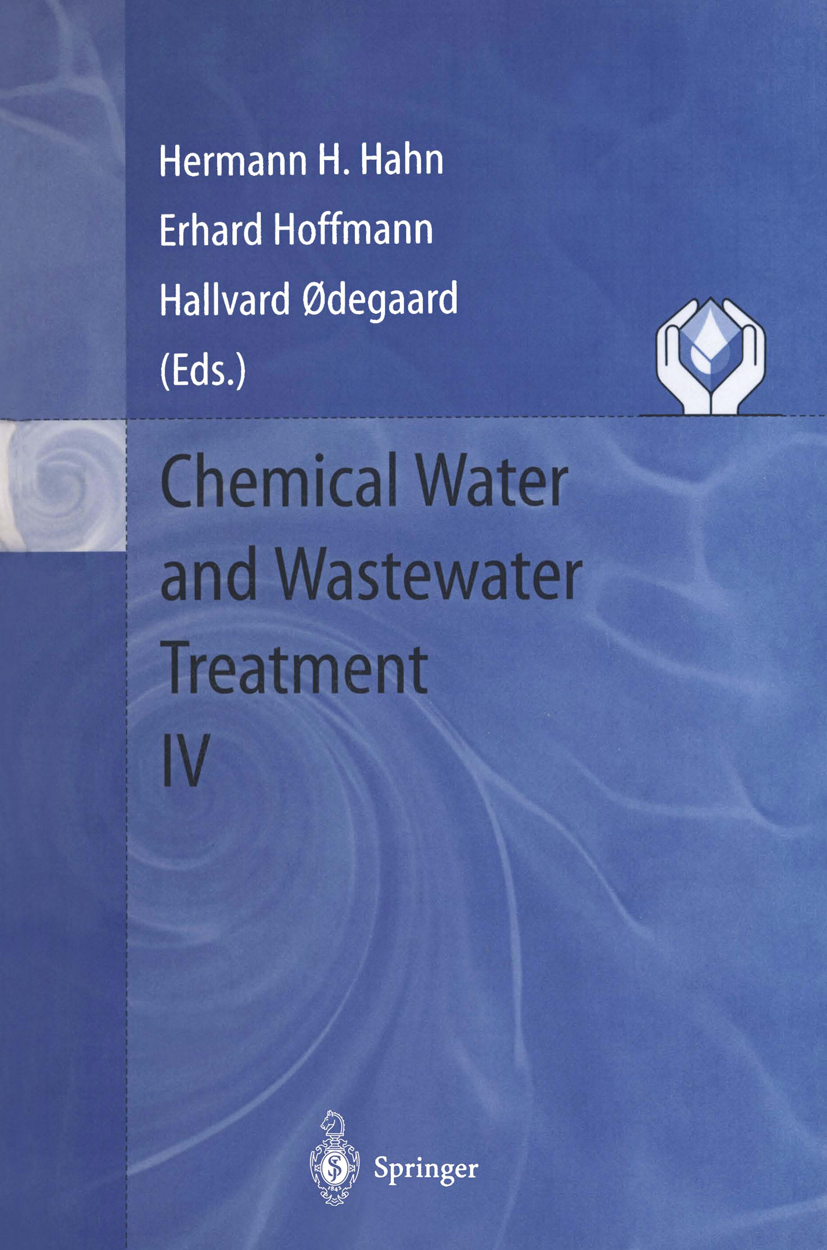
Chemical Water and Wastewater Treatment IV This seventh symposium in the series of biennial Gothenburg Symposia, taking place in Edingburgh 1996 continues to bring together research scientists, designing and operating engineers and funding and supervising administrators. It also has enlarged the scope of its platform by bringing together concerned specialists from Western countries and Central and Eastern Europe and furthermore attempts to bridge the gap between developing and industrialized countries. The traditionally presented topics, such as treatment of potable water and wastwater predominantly by chemical means are of utmost importance for those that need immediate action at reasonable costs. It is particularly noteworthy that an increasing number of contributions address these problems of the emerging need for environmental protection. And more and more presentations are delivered by experts from Central and Eastern Europe and from developing countries. Again the proceedings of this seventh symposium indicate and demonstrate new developments that advance the field of water and wastewater treatment. Be sides the ever present topics there is now a whole section on automation and control, a highly significant topic for water technology that so far has not received too much attention in symposia of this kind addressing theoreticians and prac titioners at the same time. TECHNOLOGY & ENGINEERING,Environmental,General
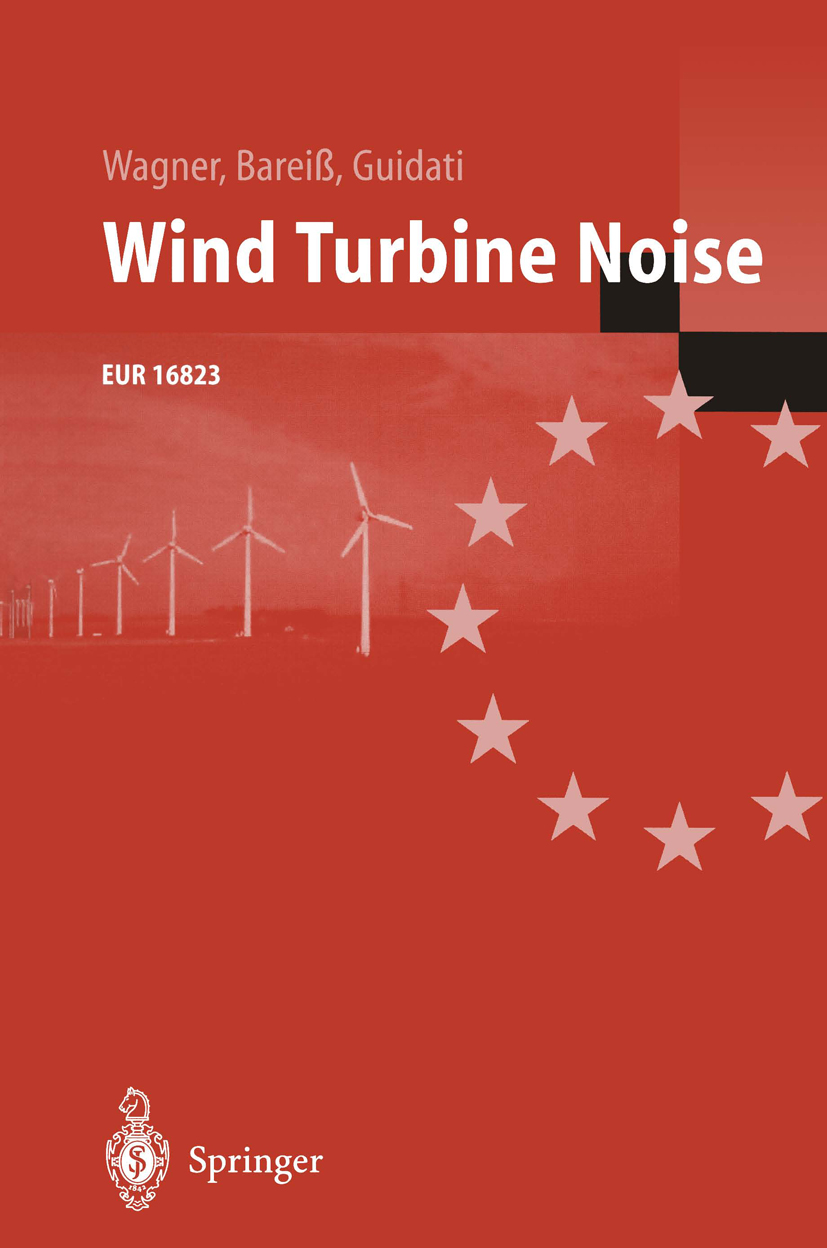
Wind Turbine Noise Over the last five years an enormous number of wind turbines have been installed in Europe, bringing wind energy into public awareness. However, its further development is restricted mainly by public complaints caused by visual impact and noise.The European Commission has therefore funded a number of research projects in the field of wind turbine noise within the JOULE program. This book presents the most relevant results of these projects.The book addresses all relevant aspects of wind turbine noise, namely: noise reduction, noise propagation, noise measurement, and an introduction to aeroacoustics. It may serve as a first reference in the field of wind turbine noise for researchers, planners, and manufacturers. TECHNOLOGY & ENGINEERING,Environmental,General
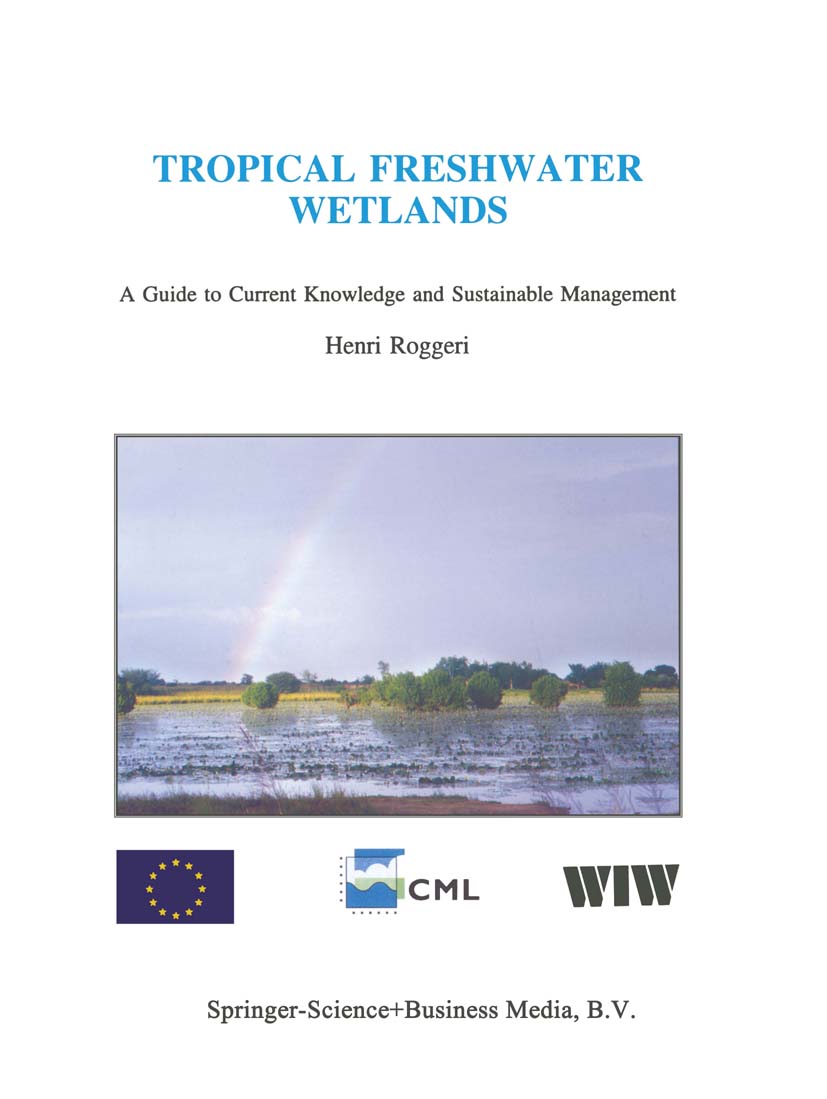
Tropical Freshwater Wetlands Wetlands could be described as land and water at Tropical wetlands: one and the same time, and as such are very specific on the brink ecosystems. Their often rich variety of resources makes them highly valuable to the peoples who live With a few exceptions (like the Everglades in the or regularly stay in them. However, access to them United States), the last remaining large wetlands are to be found in developing countries. Perhaps this can is difficult and those unaware of their services be explained by insufficient financial resources, frequently associate wetlands with such nuisances and calamities as mosquitos, disease, floods, impen lower popUlation density or a different concept of etrable wastelands, etc. As a result these areas are development and well-being. Whatever the reasons, often perceived as obstacles to human development many tropical wetlands still exist and support the and well-being. subsistence of many communities. But for how much History reflects these two views. Wetlands may longer? have been the cradle of great civilizations (like the During the last few decades tropical wetlands Maya, Inca, Aztec, Nilotic and Mesopotamian have also been destroyed or considerably altered. Dams and embankments now prevent water from civilizations), but elsewhere their destruction allowed other societies to develop. For example the Nether spreading into the floodplains of several rivers, like lands literally 'emerged from the waters' thanks to the Senegal, Volta and Nile. TECHNOLOGY & ENGINEERING,Environmental,General

Remediation and Management of Degraded River Basins Proceedings of the NATO Advanced Research Workshop "Remedia- tion and Management of Degraded River Basins with Emphasis on Central and Eastern Europe" held at Laxenburg, Austria, June 13-16, 1994. TECHNOLOGY & ENGINEERING,Environmental,General
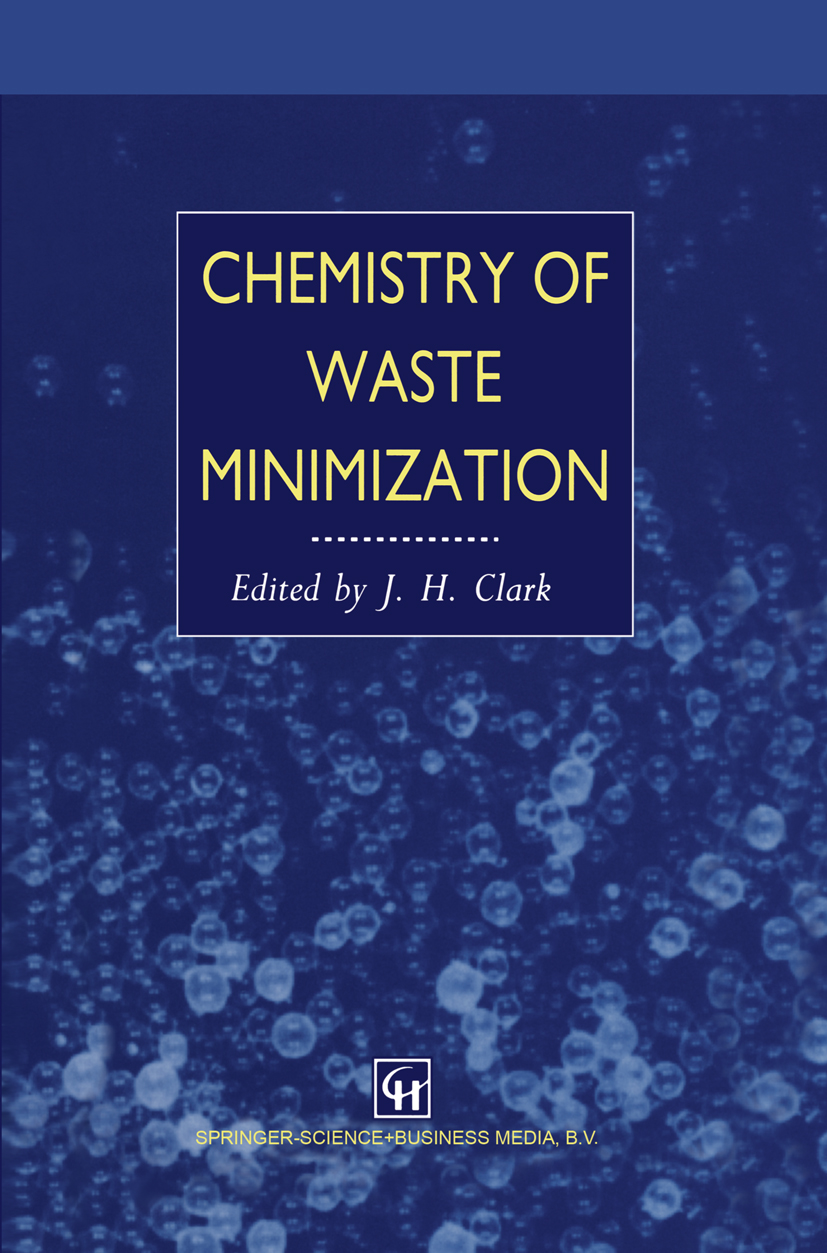
Chemistry of Waste Minimization Political pressure has translated into legislation requiring industry to reduce waste. There is an unprecedented opportunity for chemists to develop and apply new methods that result in waste reduction, and this book describes examples of new chemical methods used to reduce waste at source and to treat toxic waste. TECHNOLOGY & ENGINEERING,Environmental,General
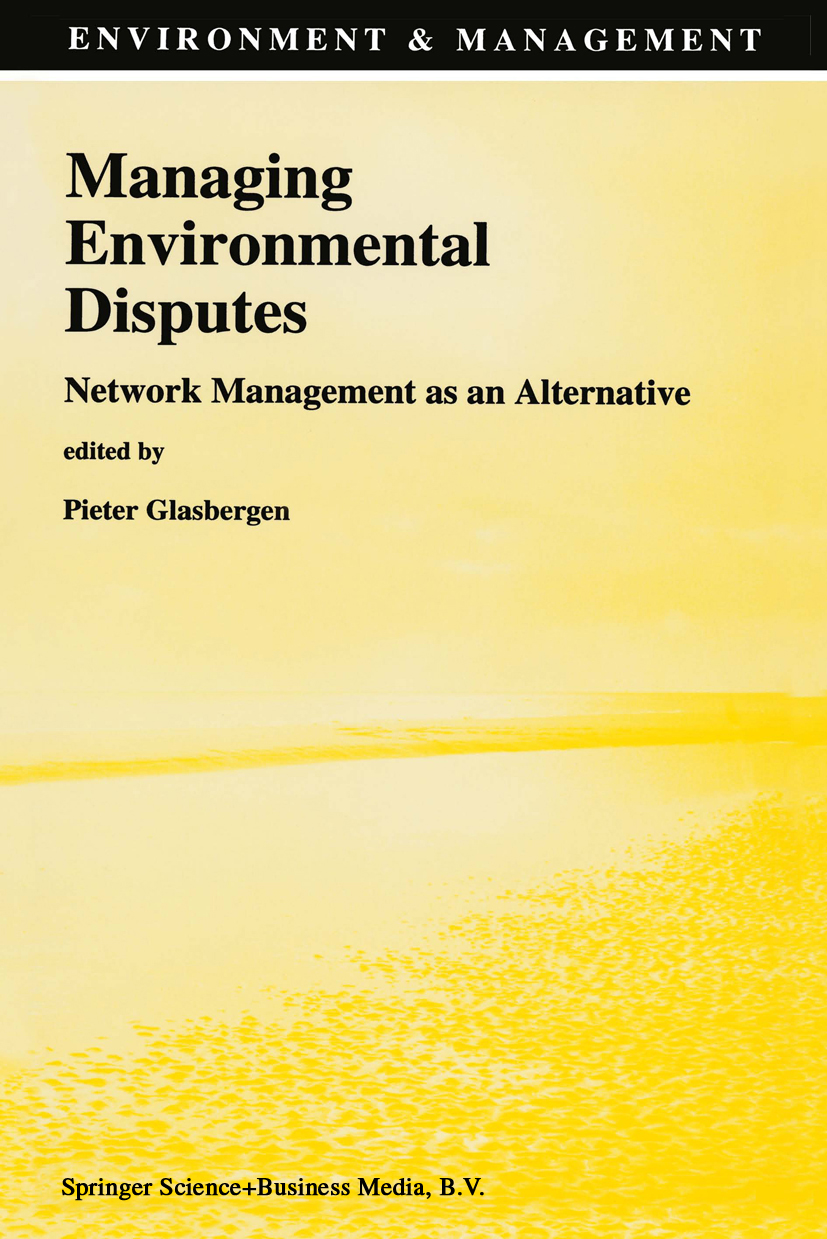
Managing Environmental Disputes The concept of sustainable development is a source of inspiration for many, who see it as a call to cooperative action. In practice, however, policies intended to further this goal often generate conflicts of interest. The ensuing disputes occur among governmental organizations, but disputes also arise between public authorities, private interest groups, and the environmental movement. In the opinion of the authors, the fact that environmental policy can provoke such conflict may be attributed largely to decision making procedures in our society. Accordingly, the authors are convinced that a new approach to managing environmental disputes is needed in order to deal effectively with environmental problems. Indeed, this book presents a viable alternative, which is called network management. TECHNOLOGY & ENGINEERING,Environmental,General

Wetlands of the Interior Southeastern United States The early 1990's marked an environmental watershed for our countly. Under two federal administrations significant environmental legislative, regulatOly and institutional changes took place which affected our Nation's wetland resources. Injust a few years, we have seen rapid evolution in the way in which we view wetlands with more emphasis on specific wetland types and the geographic provinces in which they occur. This Southern Appalachian Man and the Biosphere (SAMAB) conference on "Wetland Ecology, Management and Conservation" represents just one example of our desire to understand wetlands in non-coastal regions of the southern United States. The backdrop to this conference was one where the government, universities, and private sector have come together to create a broader and more sophisticated understanding of environmental stewardship for our water resources, especially wetlands. Although enforcement of environmental legislation by federal and state government agencies - limited by manpower shortages, budgetary constraints and undermined by weak enforcement - remains strong as measured by world standards; the realization that environmental degradation of wetlands is likely to get much worse necessitates a greater commitment and increased resource allocation for wetland protection and management. These contiIUled pressures on the wetland resource will create substantial opportunities for the application of environmentally-sound technologies and interdisciplinmy modeling teams to keep abreast of the factors influencing wetland integrity and function in the last half of the 1990's. TECHNOLOGY & ENGINEERING,Environmental,General

LLRW Disposal Facility Siting Planning for the management of nuclear wastes -- whatever their level of radioactivity -- is one of the most important environmental problems for all societies that produce utility, industrial, medical, or other radioactive waste products. Attemps to site low-level radioactive waste disposal facilities in Western industrial societies, however, have repeatedly engendered conflicts between governments, encountered vehement opposition on the part of local citizen groups, and given rise to overt hostilities among involved parties. LLRW Disposal Facility Siting is the result of a study designed to learn more about the causes underlying failed and successful efforts to site LLRW disposal facilities. The study is based on case histories of LLRW disposal facility siting processes in six countries. Siting processes in five states within the United States and in five additional countries are analyzed using information obtained from public documents and supplemented by interviews with key participants. The selected states and countries are major generators of LLRW and each has made efforts to establish LLRW disposal facilities during the past decade. They vary widely in the approaches they have adopted to LLRW management, the institutional structures developed for managing the siting process, the means used to involve stakeholders and technical experts in the facility siting process and the amount and type of data used in making decisions. The analysis of these case histories provides general lessons about the advantages, disadvantages, strengths, and weaknesses of the various approaches that have been attempted or implemented. LLRW Disposal Facility Siting provides valuable data for academics and researchers working in the area of environmental management. TECHNOLOGY & ENGINEERING,Environmental,General

Future Risks and Risk Management Future Risks and Risk Management provides a broad perspective on risk, including basic philosophical issues concerned with values, psychological issues, such as the perception of risk, the factors that generate risks in current and future technological and social systems, including both technical and organizational factors. No other volume adopts this broad perspective. Future Risks and Risk Management will be useful in a variety of contexts, both for teaching and as a source book for the risk professional needing to be informed of the broader issues in the field. TECHNOLOGY & ENGINEERING,Environmental,General
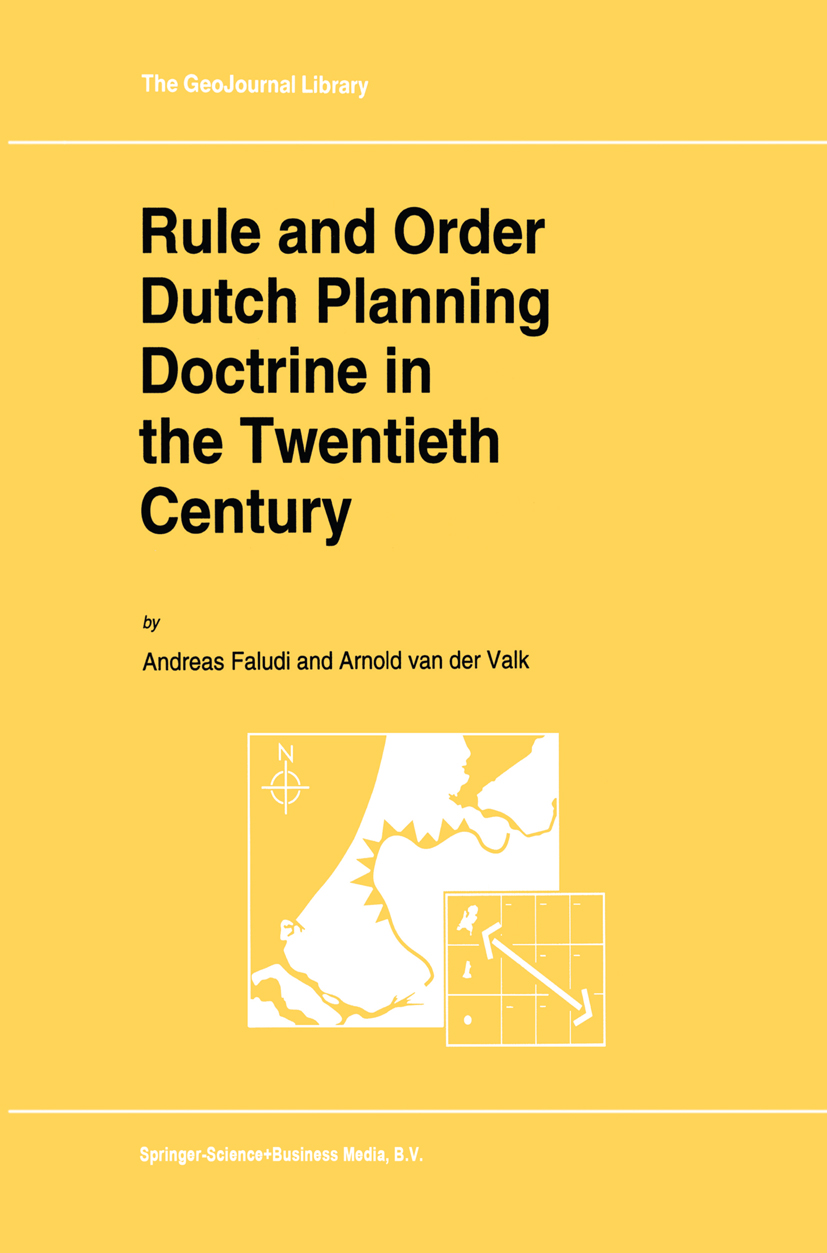
Rule and Order Dutch Planning Doctrine in the Twentieth Century This book is about an art in which the Netherlands excels: strategic planning. Foreign observers will need little convincing of the merits of Dutch planning. They will want to know whether routine explanations (small country, industrious, disciplined people hardened by the perennial fight against the sea) hold any water, and they will want to know where to look for the bag of tricks of Dutch planners. Dutch readers need to be convinced first that planning in the Netherlands is indeed effective before contemplating how this has come about. Our message for both is that, to the extent that Dutch planners do live in what others are inclined to see as a planners' paradise, it is a paradise carefully constructed and maintained by the planners themselves. This smacks of Bernard Shaw describing a profession as a conspiracy against laity. However, all knowledge and all technologies are 'socially constructed', meaning that they are the products of people or groups pursuing often conflicting aims and coming to arrangements about what is to pass as 'true' and 'good'. So this takes away the odium of Dutch planners having their own agenda. Positioning ourselves We are in the business of interpreting Dutch planning, and at the same time committed to improving it. This makes us part of the situation which we describe. This situation is characterized by the existence of two divergent traditions, urban design and the social-science discipline called 'planologie'. TECHNOLOGY & ENGINEERING,Environmental,General

Chemical Water and Wastewater Treatment III In memoriam Rudolf Klute TECHNOLOGY & ENGINEERING,Environmental,General
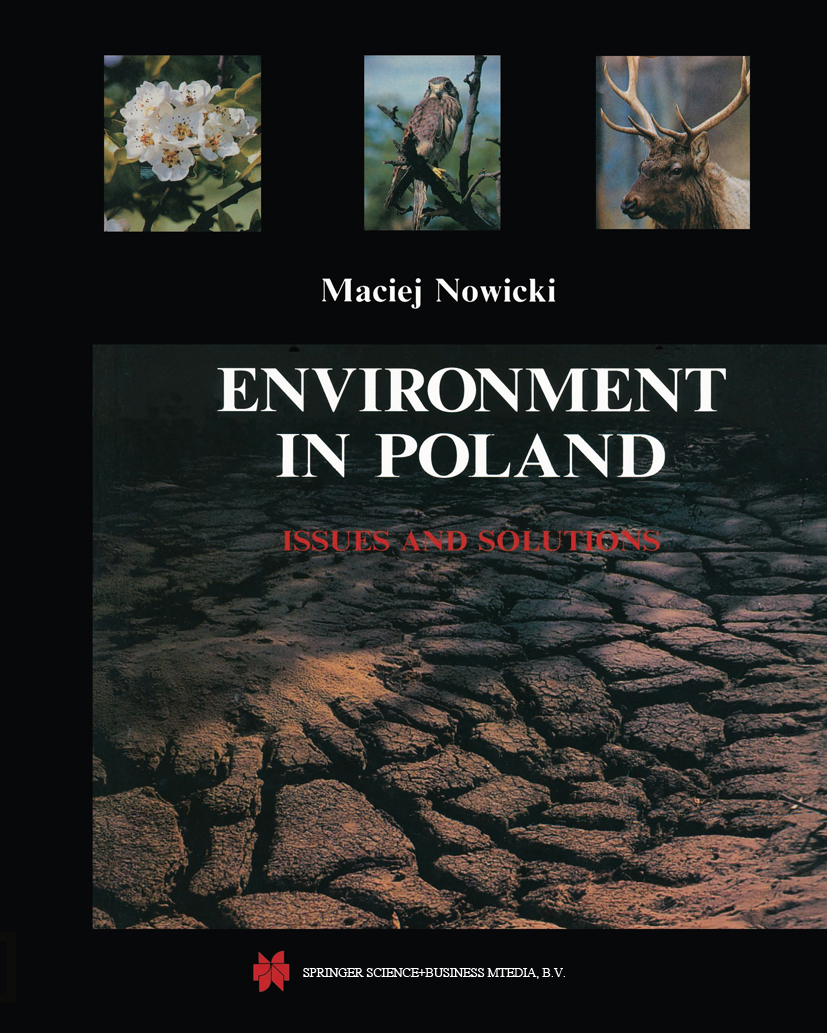
Environment in Poland than 6,000 hectares of arable land turn The second half of the twentieth century will pass into history as an epoch that saw great irreversibly into desert (Tolba, 1992). During the last 30 years, human activity acceleration in technological development, the birth of electronics, the first space flights, and has created new deserts in Africa and Asia covering areas as large as Saudi Arabia. evolutionary developments in information sci ence, transportation and materials technol Intensive exploitation of the land has led to accelerated erosion of the best soils, and the ogies. Rapid industrial development spurred a significant increase in gross product on process is intensifying in parts of India, China, Russia, Ukraine and the United States. Without a global scale. Between 1950 and 1990 the global population doubled, but gross product urgent remedial action these trends could lead to complete impoverishment of these areas in increased fivefold and its value sevenfold (Brown, 1991). the decades ahead (Brown, 1984). TECHNOLOGY & ENGINEERING,Environmental,General
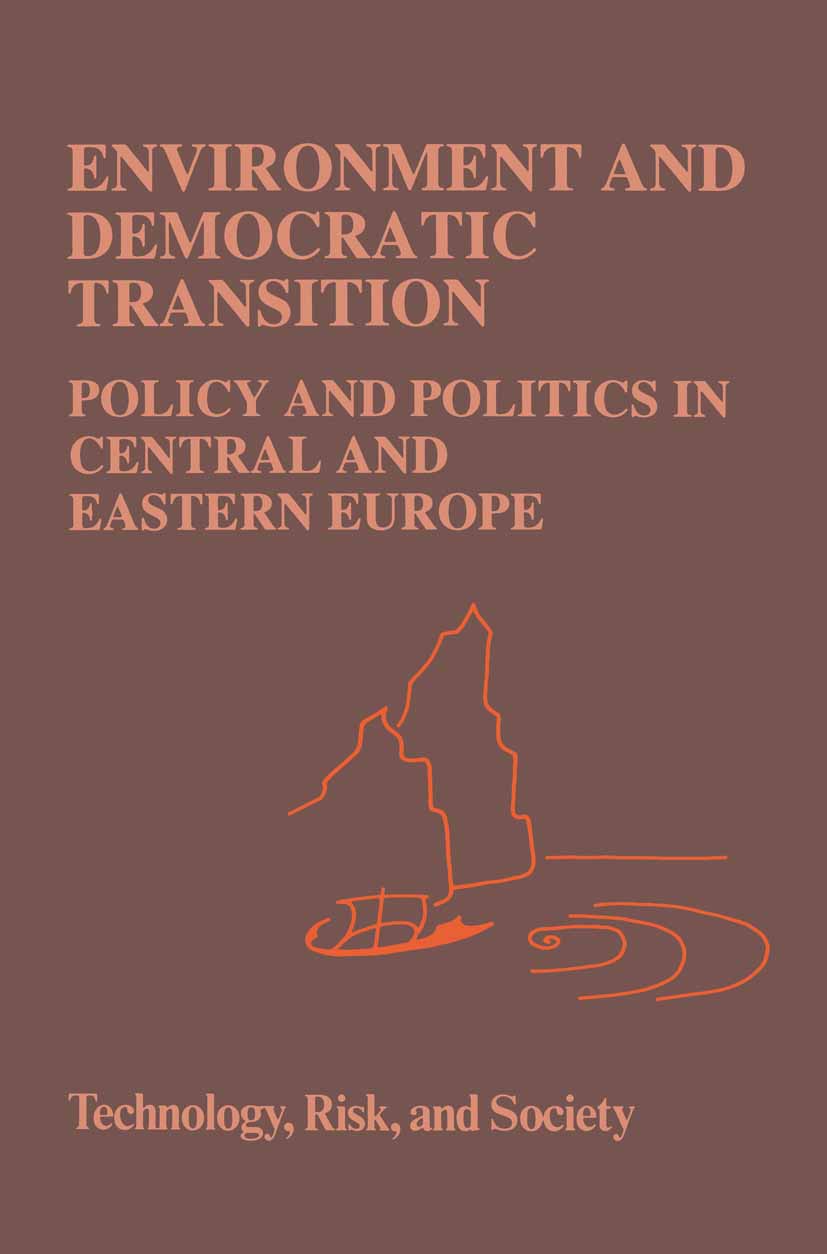
Environment and Democratic Transition Recent democratization and the accompanied liberalization of the media in Central and Eastern Europe has brought the devastating environmental impacts of the intensive and careless industrialization of the last 40 years to the surface. Less is known, however, about the social, political and institutional background of environmental risk management which led to the present situation, as well as about recent changes. Environment and Democratic Transition: Policy and Politics in Central and Eastern Europe provides an overview of the mechanism of policy making, the role of the scientific community, the environmental movements, and the public in risk controversies in Central and Eastern Europe from the 1970s until 1991. The book brings together studies by leading social scientists from the East and the West who investigate the economic, legal, institutional, behavioral, social and political aspects of environmental policy. In addition to analyzing past histories, most contributions focus also on challenges, pitfalls and dilemmas that the region's policy makers and environmentalists must face during the period of transition and into the future. TECHNOLOGY & ENGINEERING,Environmental,General
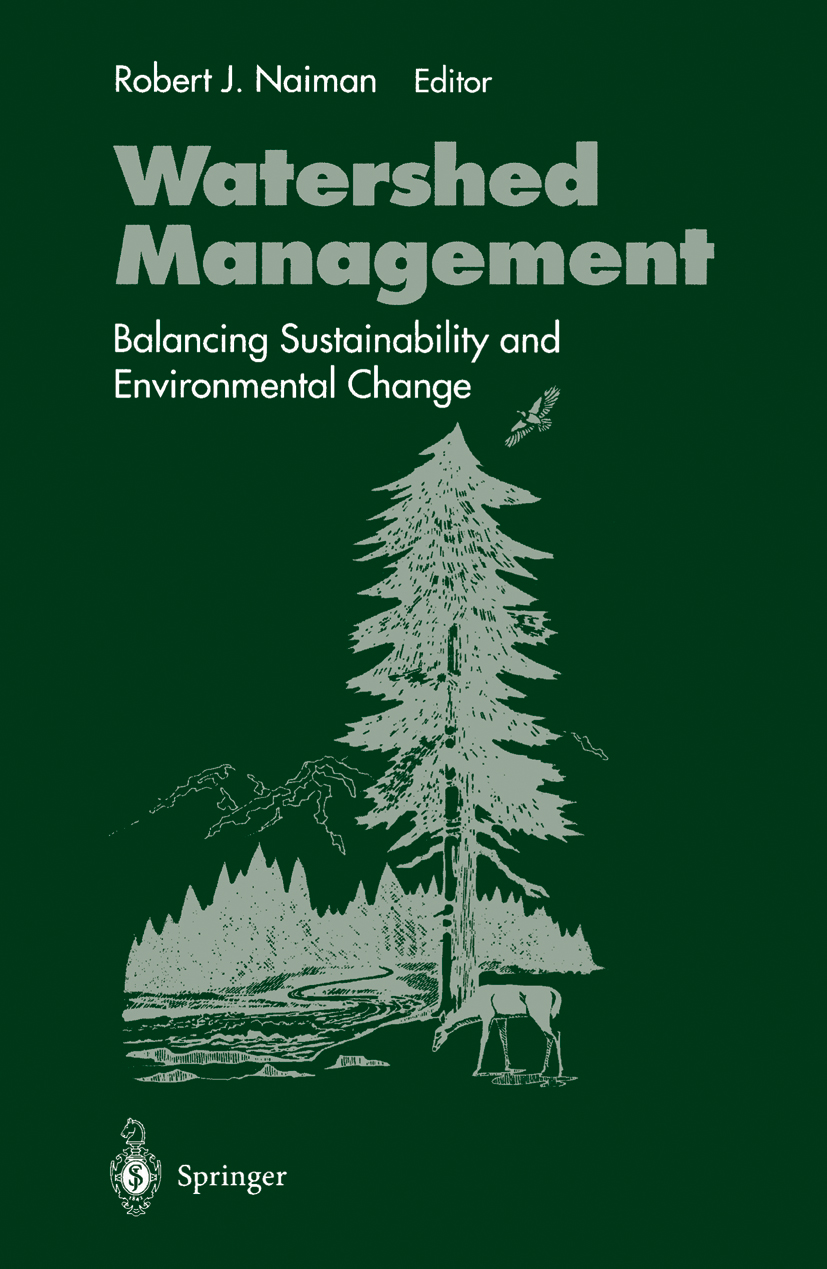
Watershed Management Conceptual separation of humans and natural ecosystems is reflected in the thinking of most natural resource management professions, including for estry, wildlife management, fisheries, range management, and watershed management (Burch 1971). Such thinking can deny the reality of the human element in local, regional, and global ecosystems (Bonnicksen and Lee 1982, Klausner 1971, Vayda 1977). As complex organisms with highly developed cultural abilities to modify their environment, humans directly or indirectly affect almost all terrestrial and aquatic ecosystems (Bennett 1976). Conse quently, information for managing watershed ecosystems is incomplete without consideration of human institutions and activities. Sociologists have studied the relationships between human societies and the land base or ecosystems on which they depend for over 60 years (Field and Burch 1990). These studies are distinguished by (1) a holistic perspec tive that sees people and their environments as interacting systems, (2) flex ible approaches that permit either the environment or human society to be treated as the independent variable in analyzing of society-environment re lations, and (3) accumulation of a substantial body of knowledge about how the future welfare of a society is influenced by its uses (or misuses) of land and water (Firey 1990). TECHNOLOGY & ENGINEERING,Environmental,General
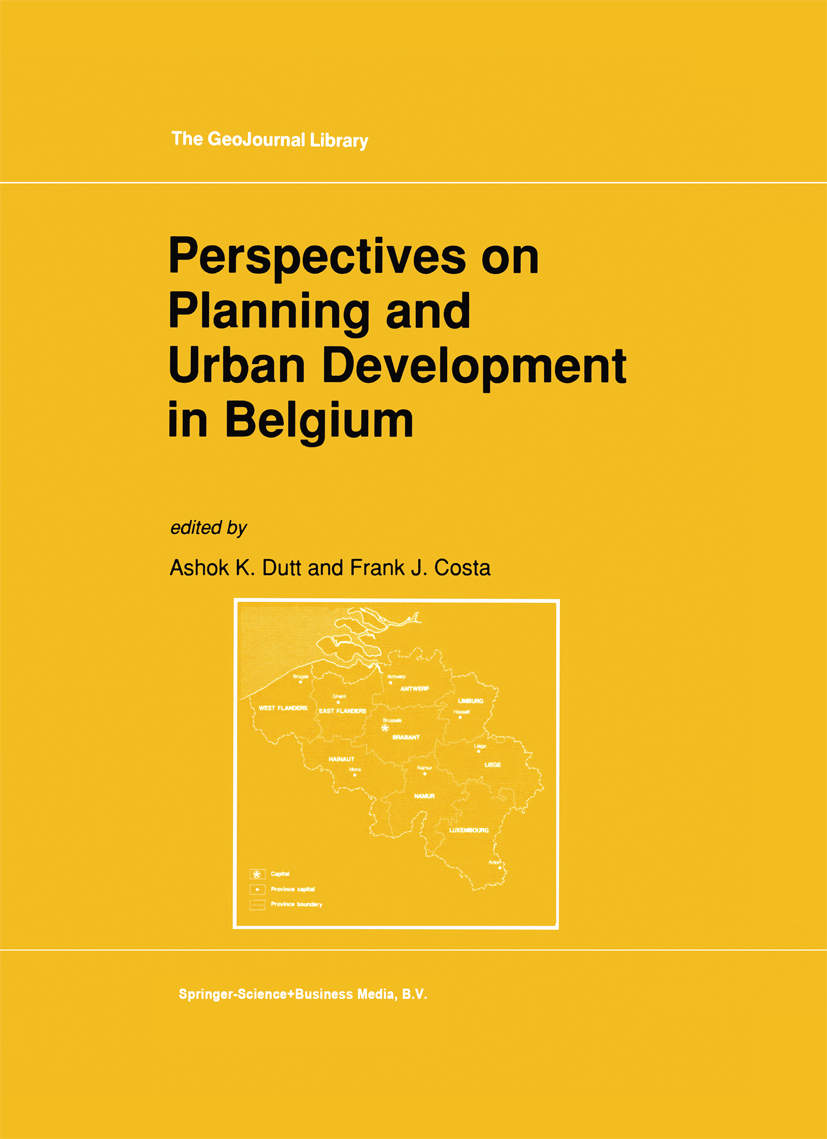
Perspectives on Planning and Urban Development in Belgium Belgium is a small country, but its planning traditions are rooted in a heritage which has been greatly enriched by its central location in the West European community of nations. Medieval, Renaissance and industrial age planning and urban design gave Belgium many examples of architectural masterpieces especially in the city centers. During the post World War II period, Belgian planners and politicians legislated national planning laws that divided the country into 48 planning regions (also called sub-regions and sectors) and empowered the municipalities (communes) with potent legal instruments to direct land development in accordance with their plans. Preparation, amendment and execution of these plans in a democratic society with a strong laissezJaire tradition have been painstaking, but nonethe less, significant tangible results have been achieved. The purpose of this book is to explore and assess the successes and failure of Belgian planning and make this record available in English so that they may remain facets of Belgian planning. The general socio-economic and historical background is provided with a view to understanding the theoretical, legal, physical and selected topical aspects of Belgian planning. In doing so a multi-disciplinary approach has been taken and the authors have been selected from a variety of disciplines. Professor Louis Albrechts of the University of Leuven is a planning theorist. Ms. Brigitte Beernaert and Mr. Karel Vroom are practicing planners. Beernaert is also a planning historian. Legal and administrative backgrounds are represented by the planning experts, Dr. TECHNOLOGY & ENGINEERING,Environmental,General
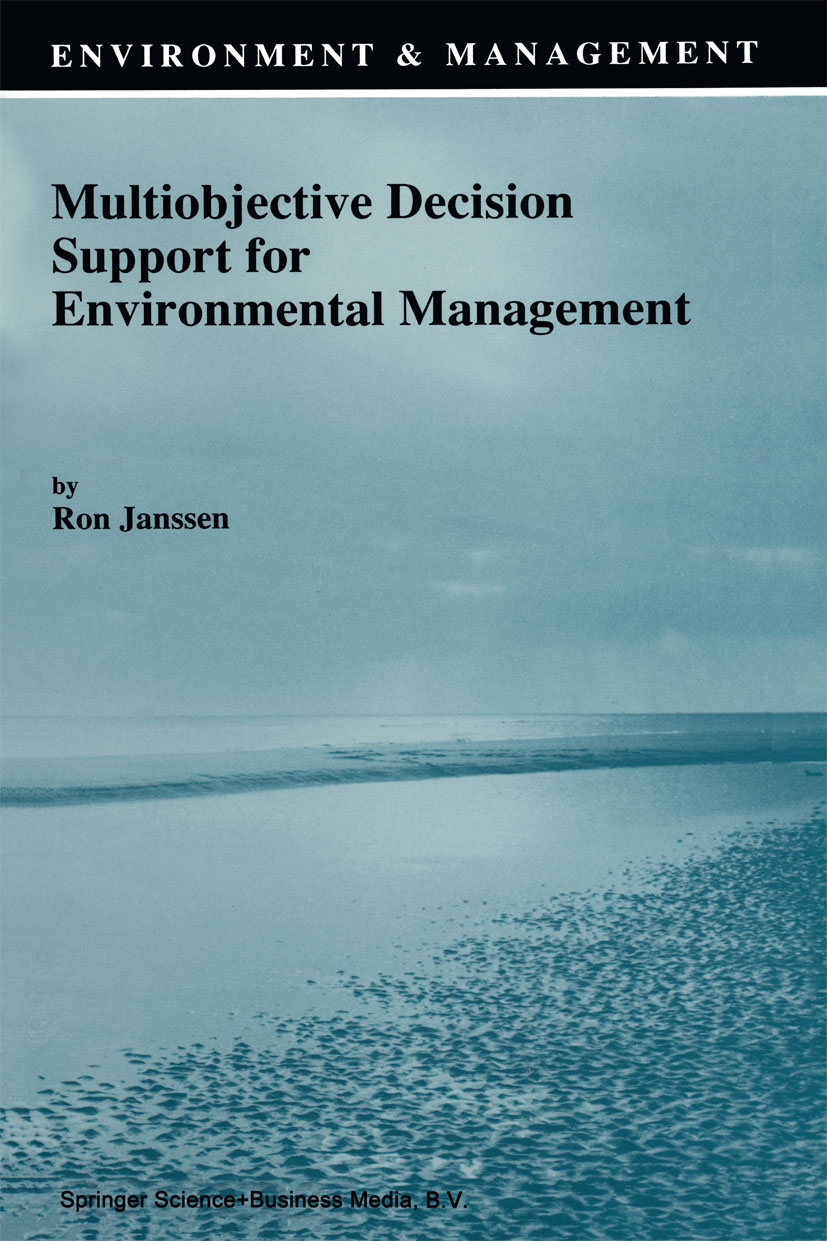
Multiobjective Decision Support for Environmental Management Multiple criteria decision making is a major and rapidly growing field of research. Methods resulting from this field of research are used in this book to develop a Multiobjective Decision Support Systems (MODSS) for environmental management. The primary focus of the book is therefore on the issues and practicalities that arise when these methods are applied to support decisions on environmental problems. Most methods included in this book are derived from the literature on multicriteria decision making, decision anlysis and operations research. Concepts developed in management science are used to describe environmental decision processes and to define the functions of decision support. The author's work on MODSS has resulted in the development of a decision support package, called DEFINITE (DEcisions on a FINITE set of alternatives). A demonstration version of this programme is included with the book. This Demo Disk can be run on a MS-DOS compatible personal computer (version 2.0 or higher) having a 3,5 inch, 720 Kb disk drive and 640 Kb available RAM. TECHNOLOGY & ENGINEERING,Environmental,General

Risk and Society Life in the last quarter of the twentieth century presents a baffling array of complex issues. The benefits of technology are arrayed against the risks and hazards of those same technological marvels (frequently, though not always, arising as side effects or by-products). This confrontation poses very difficult choices for individuals as well as for those charged with making public policy. Some of the most challenging of these issues result because of the ability of technological innovation and deployment to outpace the capacity of institutions to assess and evaluate implications. In many areas, the rate of technological advance has now far outstripped the capabilities of institutional monitoring and control. While there are many instances in which technological advance occurs without adverse consequences (and in fact, yields tremendous benefits), frequently the advent of a major innovation brings a wide array of unforeseen and (to some) undesirable effects. This problem is exacerbated as the interval between the initial development of a technology and its deployment is shortened, since the opportunity for cautious appraisal is decreased. TECHNOLOGY & ENGINEERING,Environmental,General
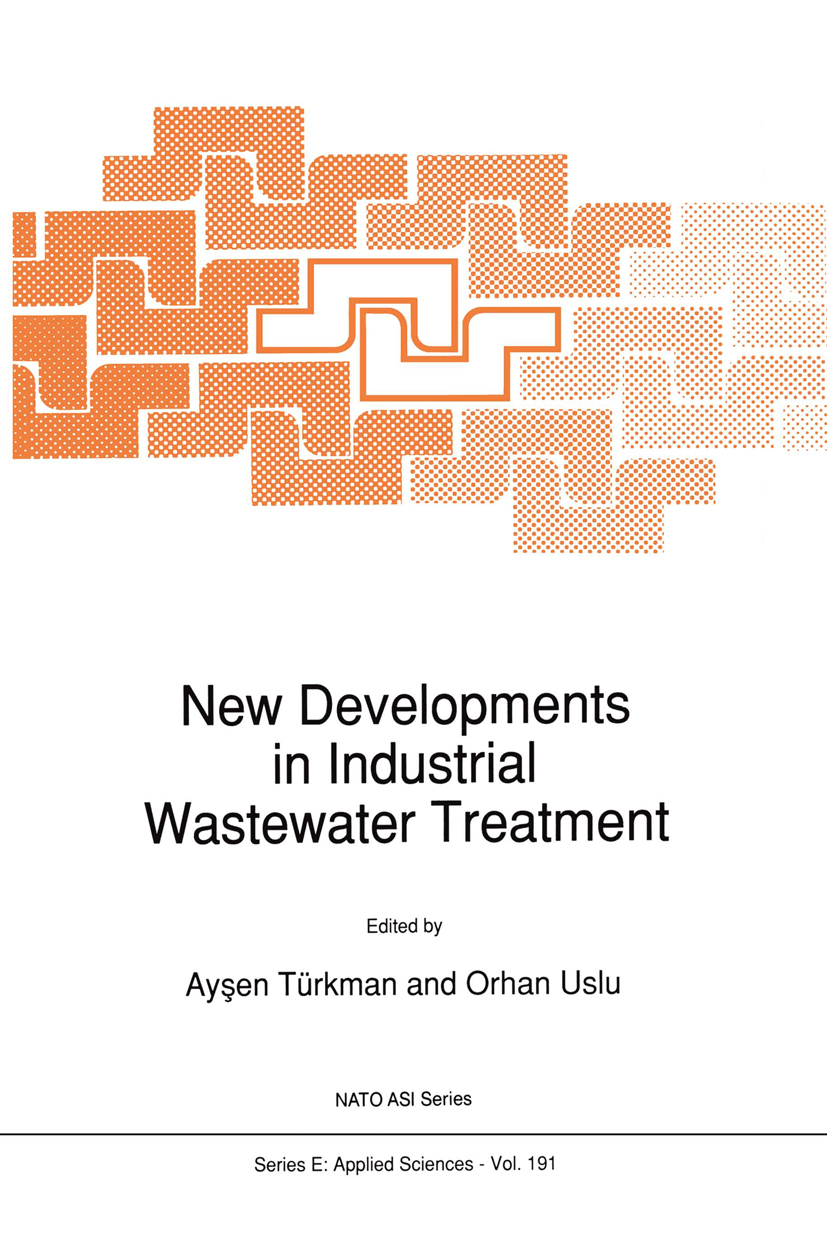
New Developments in Industrial Wastewater Treatment Proceedings of the NATO Advanced Research Workshop, Izmir, Turkey, October 29-November 5, 1989 TECHNOLOGY & ENGINEERING,Environmental,General
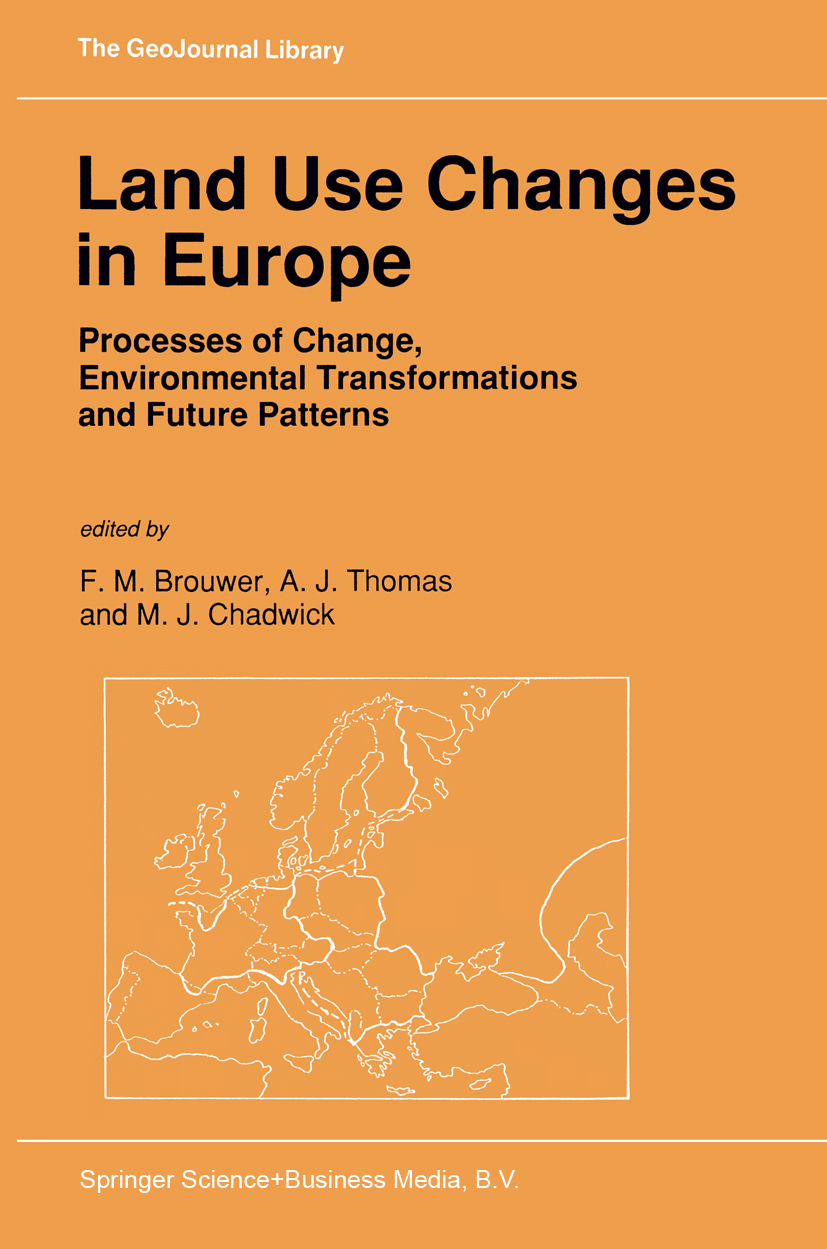
Land Use Changes in Europe The patterns of land use that have evolved in Europe reflect the boundaries set by the natural environment and socio-economic responses to the needs of the population. Over the centuries man has been able to overcome increasingly the constraints placed on land use by the natural environment through the development of new technologies and innovations, driven by an increasing population and rising material expectations. However, activities are still ultimately constrained by natural limitations such as climatic characteristics and associated edaphic and vegetational features. A major problem for land management, in its broadest sense, can be a reluctance to foresee the consequent ecological changes. This means that mitigating strategies will not be implemented in time to prevent environmental degradation and social hardship, although in many parts of Europe, over some centuries, demands have been met in a sustainable way, by sound, prudent and temperate expectations that have dictated management regimes. The management of land in Europe has always been a complex challenge: land is the primary, though finite resource. DeciSions regarding the use of land and manipulation of ecosystem dynamics today may affect the long-term primary productivity of the resource. Decisions to change land use may be virtually irreversible; urbanization is an illustration of the influence of population density on the land resource. TECHNOLOGY & ENGINEERING,Environmental,General

Anticarcinogenesis and Radiation Protection 2 The dramatic decrease in the incidence of stomach cancer in industrialized countries during the past 50 years, which is yet to be fully explained, and the observation that carcinogenesis in laboratory animals can be inhibited by antioxidants, retinoids, and caloric restriction, among other influences, challenge us to press on in the search for practical means to prevent cancer. It is in relation to this goal that the studies summarized in this book have special significance. This book is based on the invited and contributed papers presented at the Third Internationai Conference on Anticarcinogenesis and Radiation Protection, held on October 15-21, 1989, in Dubrovnik, Yugoslavia. They cover a broad range of investigations into the mechanisms and inhibition of carcinogenesis. In keeping with recent advances in our understanding of the importance of oncogenes and tumor-suppressor genes in carcinogenesis, many of the reports focus on mutations and related changes at the level of DNA. At the same time, however, other reports deal with nutritional, immunological, endocrinological, and epidemiological aspects. In all, the various reports address carcinogenesis and its inhibition at virtually every level of biological organization. Included in this compendium are timely reviews of diverse and promising research strategies for cancer prevention, as pursued by investigators in different parts of the world. The Organizers of the Conference are grateful to the many scientists who have contributed to the volume, as well as to the sponsors of the Conference, without whose generous support this book would not have been possible. TECHNOLOGY & ENGINEERING,Environmental,General
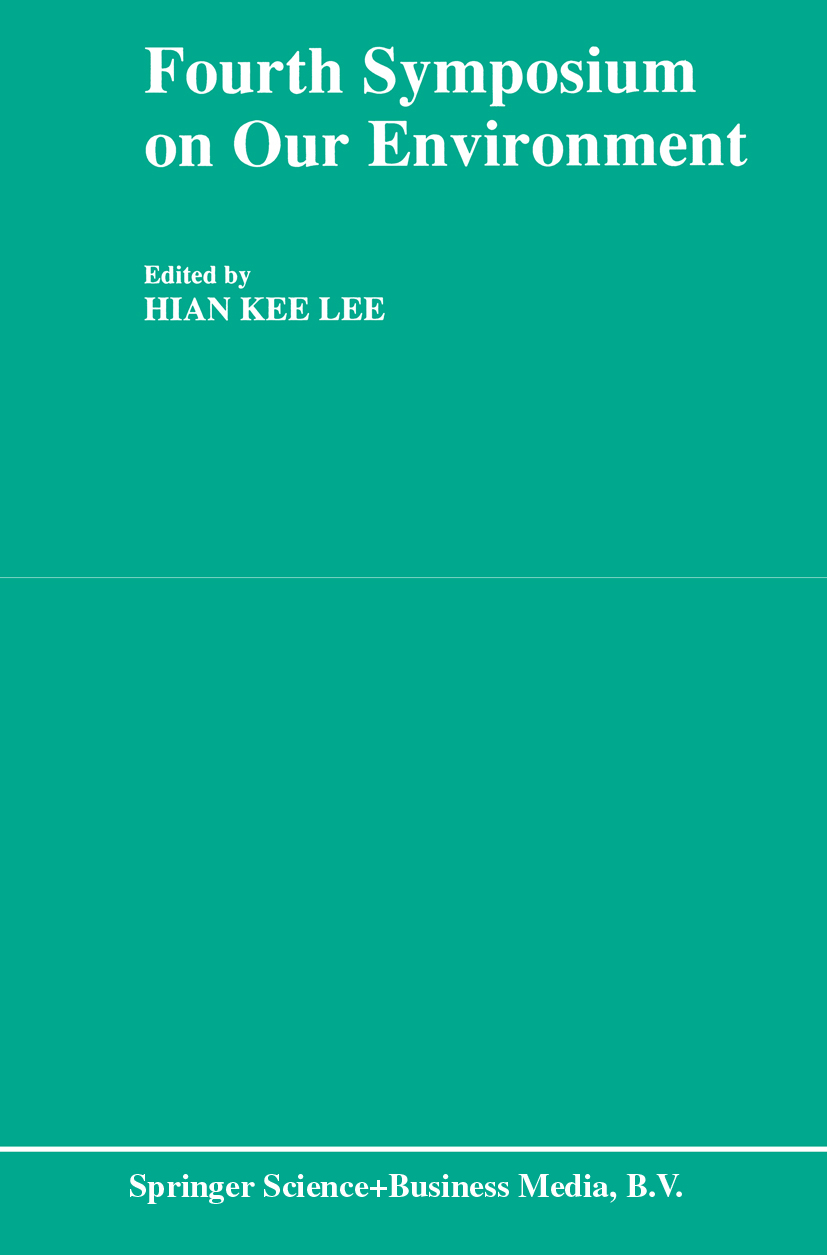
Fourth Symposium on our Environment Proceedings of the Fourth Symposium on Our Environment, held in Singapore, May 21-23, 1990 TECHNOLOGY & ENGINEERING,Environmental,General
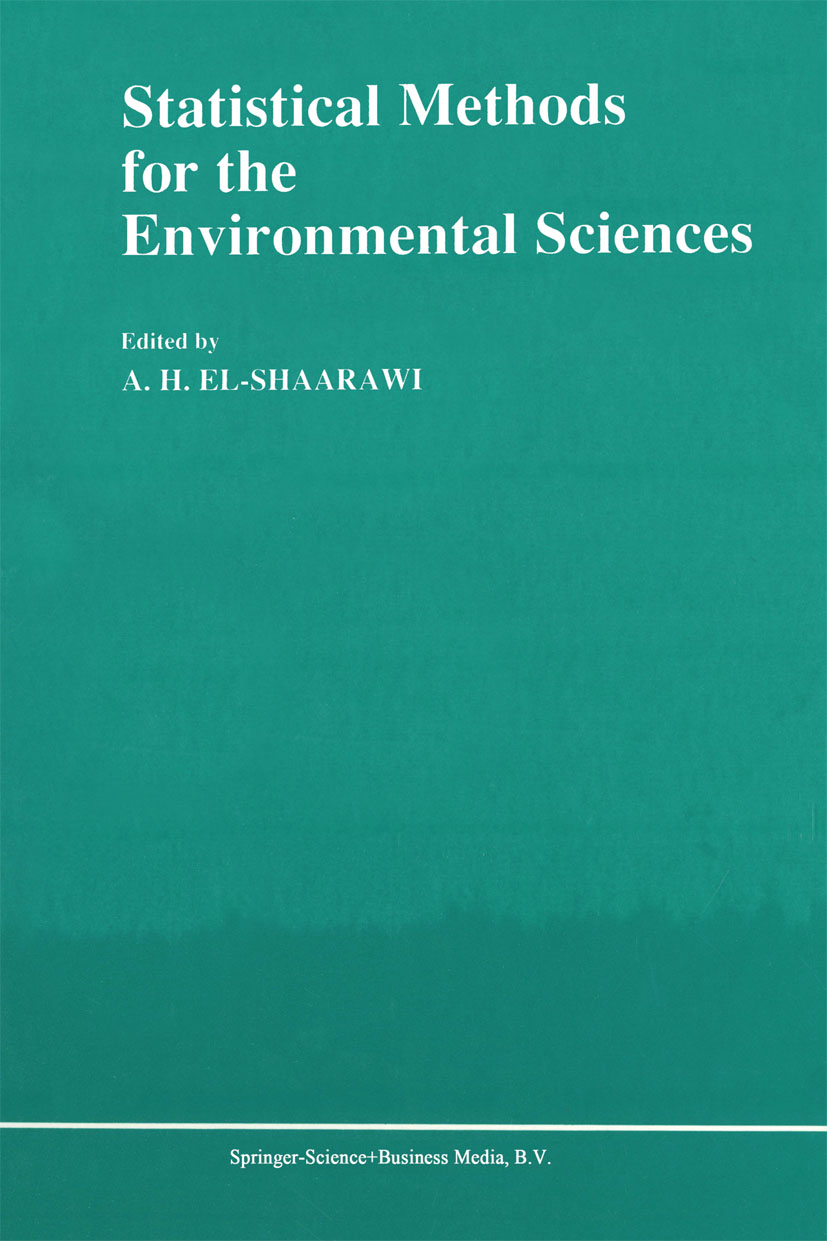
Statistical Methods for the Environmental Sciences A Selection of Papers Presented at the Conference on Environmetrics, held in Cairo, Egypt, April 4-7, 1989 TECHNOLOGY & ENGINEERING,Environmental,General
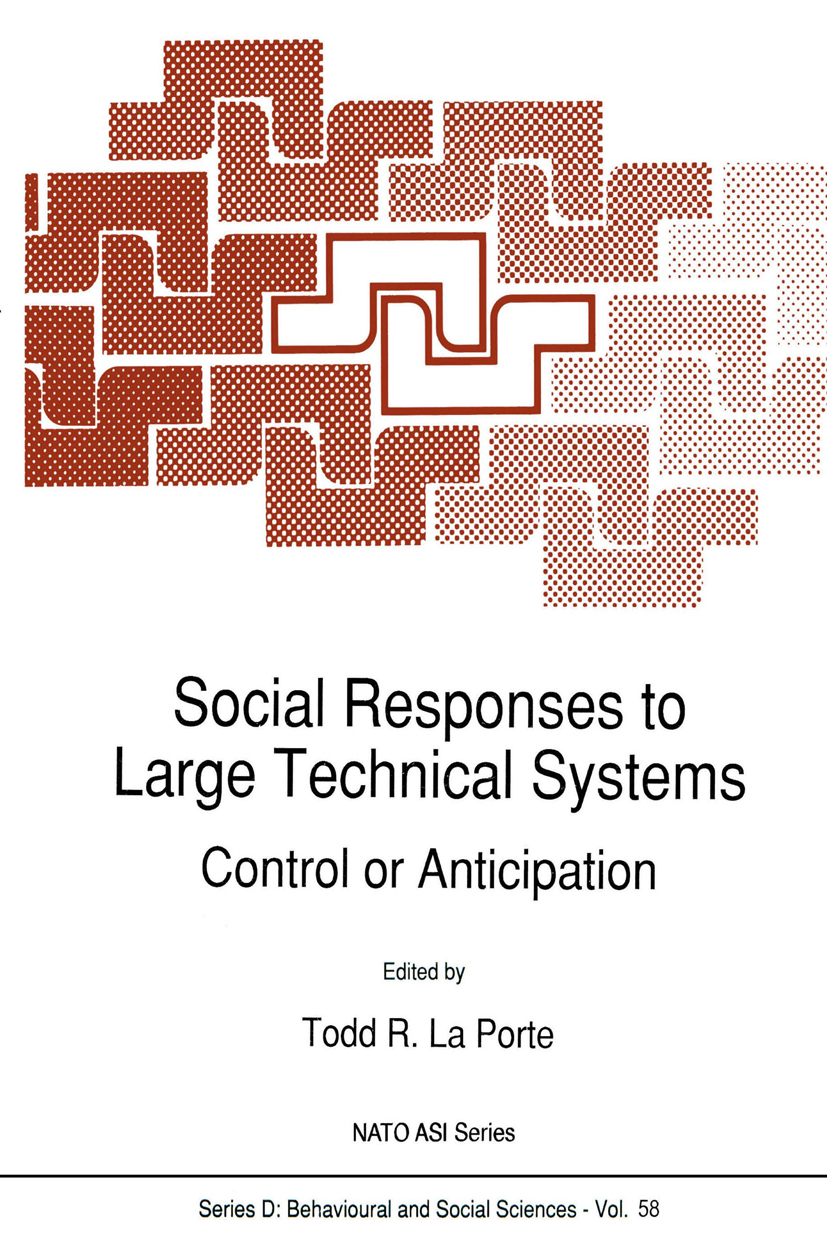
Social Responses to Large Technical Systems Proceedings of the NATO Advanced Research Workshop on Social Responses to Large Technical Systems: Regulation, Management, or Anticipation, Berkeley, California, October 17-21, 1989 TECHNOLOGY & ENGINEERING,Environmental,General
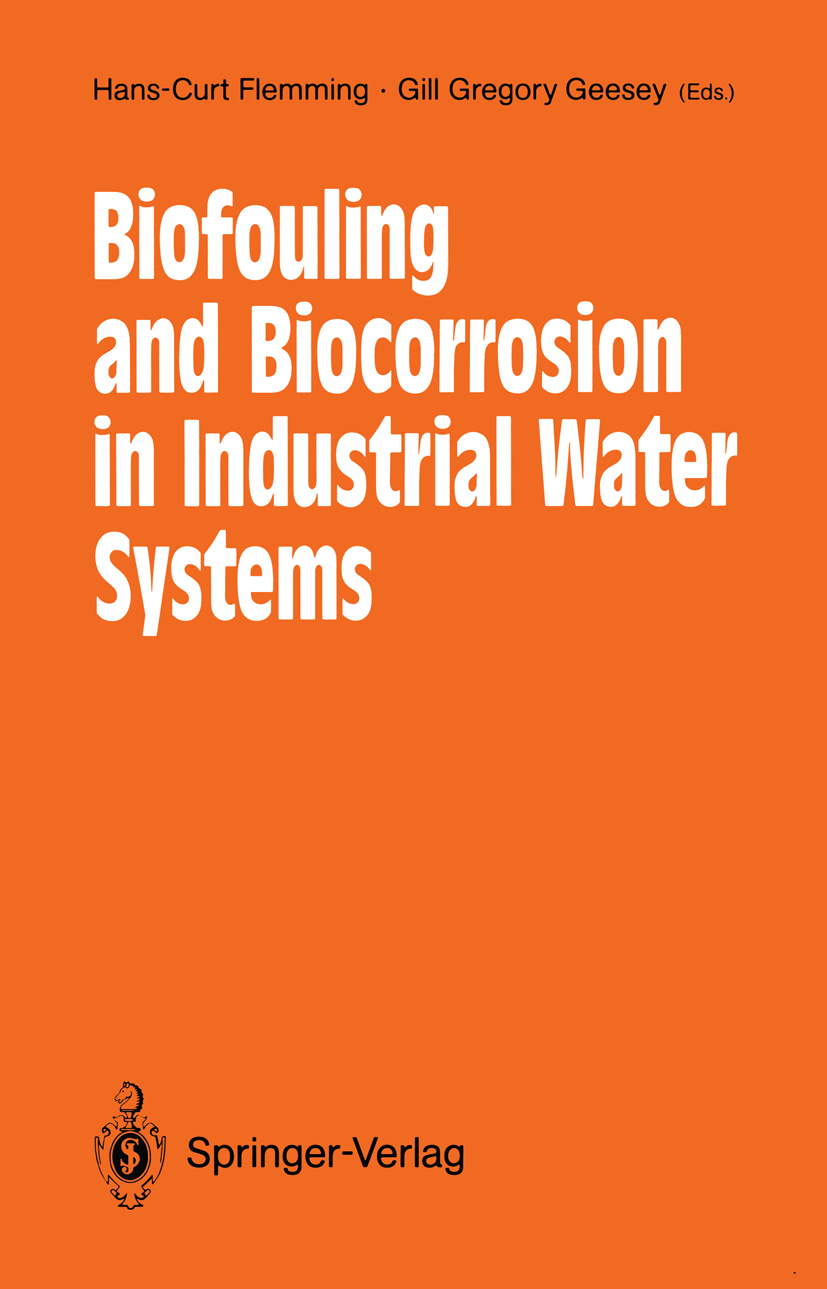
Biofouling and Biocorrosion in Industrial Water Systems Microbial growth and contamination ("Biofouling") in water systems represents a significant threat to the quality of waters produced for the microelectronic, pharmaceutical, petroleum, paper, food and other manufacturing industries. Biofouling can lead to biologically induced corrosion ("Biocorrosion"), which can cause severe damage to the equipment. Both biofouling and biocorrosion are frequently not recognized in time, underestimated, or linked with the wrong causes. The book represents a new approach by introducing biofilm properties and dynamics as basic principles of biofouling and biocorrosion, thus providing a better understanding and the means of fighting the undesired effects of biofilms. The most important features are: Case histories of biofouling in water treatment.- Detection and monitoring of biofouling.- Reverse osmosis membrane biofouling.- Biocide efficacy and biofouling control.- Plant design considerations for preventing biofouling.- Case histories of biocorrosion.- Detection, monitoring, control and prevention of biocorrosion.- Fundamentals of biofouling and biocorrosion mechanisms. TECHNOLOGY & ENGINEERING,Environmental,General
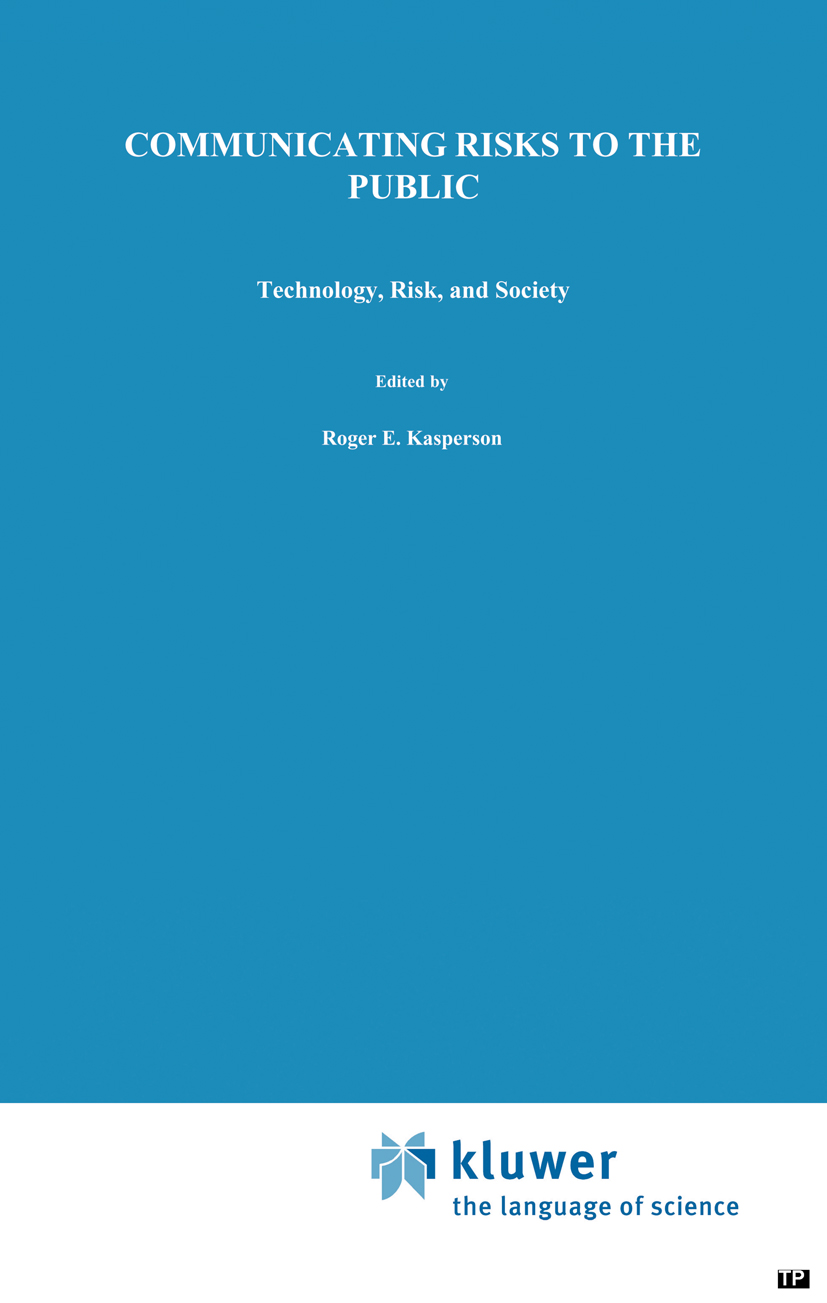
Communicating Risks to the Public Risk communication: the evolution of attempts Risk communication is at once a very new and a very old field of interest. Risk analysis, as Krimsky and Plough (1988:2) point out, dates back at least to the Babylonians in 3200 BC. Cultures have traditionally utilized a host of mecha nisms for anticipating, responding to, and communicating about hazards - as in food avoidance, taboos, stigma of persons and places, myths, migration, etc. Throughout history, trade between places has necessitated labelling of containers to indicate their contents. Seals at sites of the ninth century BC Harappan civilization of South Asia record the owner and/or contents of the containers (Hadden, 1986:3). The Pure Food and Drug Act, the first labelling law with national scope in the United States, was passed in 1906. Common law covering the workplace in a number of countries has traditionally required that employers notify workers about significant dangers that they encounter on the job, an obligation formally extended to chronic hazards in the OSHA's Hazard Communication regulation of 1983 in the United States. In this sense, risk communication is probably the oldest way of risk manage ment. However, it is only until recently that risk communication has attracted the attention of regulators as an explicit alternative to the by now more common and formal approaches of standard setting, insuring etc. (Baram, 1982). TECHNOLOGY & ENGINEERING,Environmental,General

Sound Analysis and Noise Control This book has been written to provide an intro Chapter 2 deals with the mechanism of hear duction to the fundamental concepts of sound ing and the subjective rating of sound, includ and a comprehensive coverage whereby un ing age-related and noise-induced hearing loss. wanted sound (noise) can be controlled. Al Assessment of any noise problem involves a though there are many notable textbooks which knowledge of the instrumentation available for deal primarily with the physics (or theory) of measurements, the limitations of this instru sound, and others which treat noise control in mentation, the appropriate procedures for mak a strictly practical (and sometimes even empir ing the measurements with the instrumentation, ical) manner, there are few textbooks that pro and the methods by which the measured data vide a bridging between the necessary under can be analyzed. Chapter 3 provides an up-to standing of the fundamentals of sound (its date coverage of these requirements, including generation, propagation, measurement) and the a section on one of the newest and most valu application of these fundamentals to its control. able tools in noise studies-sound intensity This book provides that link. measurement. The capability of being able to The text presents noise control primarily at measure sound intensity as compared with con the introductory level. TECHNOLOGY & ENGINEERING,Environmental,General
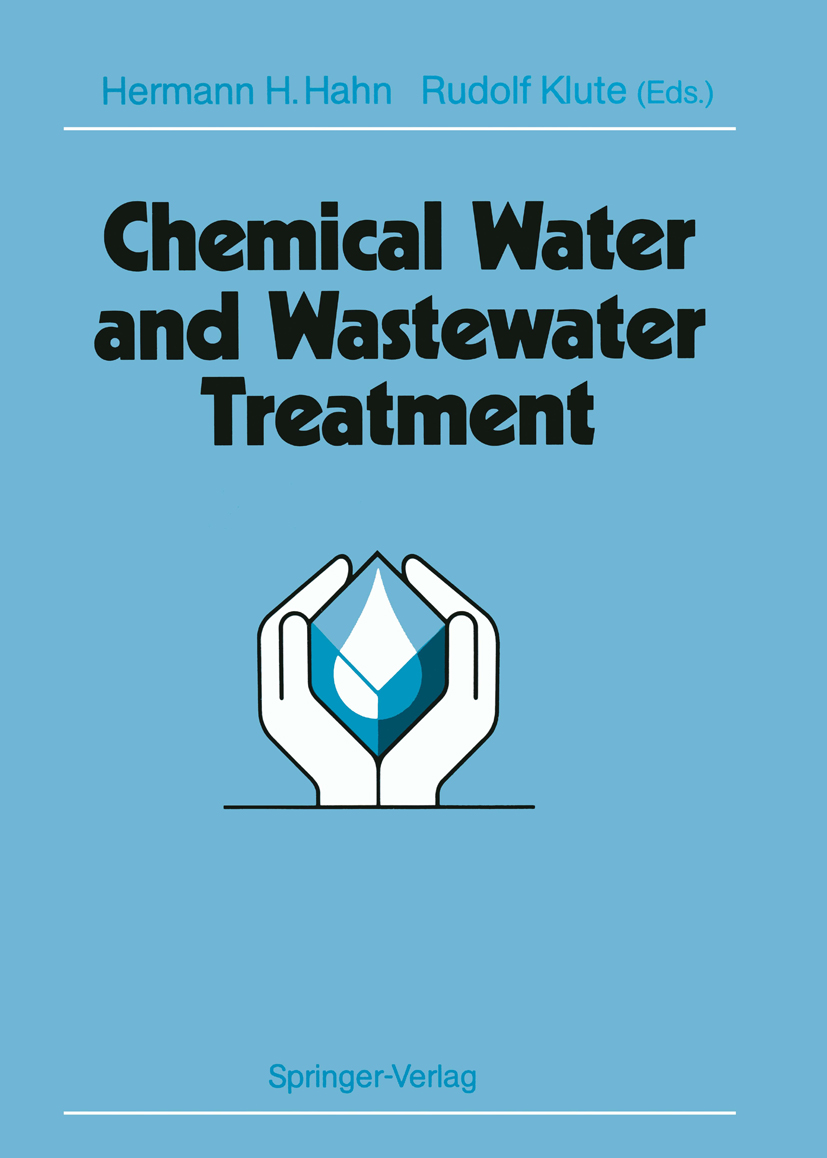
Chemical Water and Wastewater Treatment The biennial International Gothenburg Symposia on Chemical Water and Waste water Treatment have proven to be a unique platform for the exchange of ideas and experiences between administrators, engineers and scientists active in the fields of water supply, wastewater disposal and pollution control. The First Symposium (Gothenburg, 1984) provided a long needed survey over theory and application of chemical water and wastewater treatment. The Second Symposium (Berlin, 1986) was devoted to aspects of recycling in chemical water and wastewater technology. The Third Symposium (Gothenburg, 1988) recognised the growing need and the potentials of pretreatment. These proceedings of the 4th Symposium focus on technology transfer from chemical treatment theory to practical treatment of drinking water and industrial or domestic wastewater. The contributions are devoted to questions of floc for mation and floc separation as well as problems and practical solutions associated with chemicals and dosing control. Special attention is given to the combination of chemical and biological processes for nutrient removal from wastewater. It is the editors' privilege to acknowledge the invaluable help from the authors of this book. It is the editors' hope that they might convey the significance and potential of chemical treatment in solving the challenging problems water purification, wastewater disposal and pollution control. TECHNOLOGY & ENGINEERING,Environmental,General
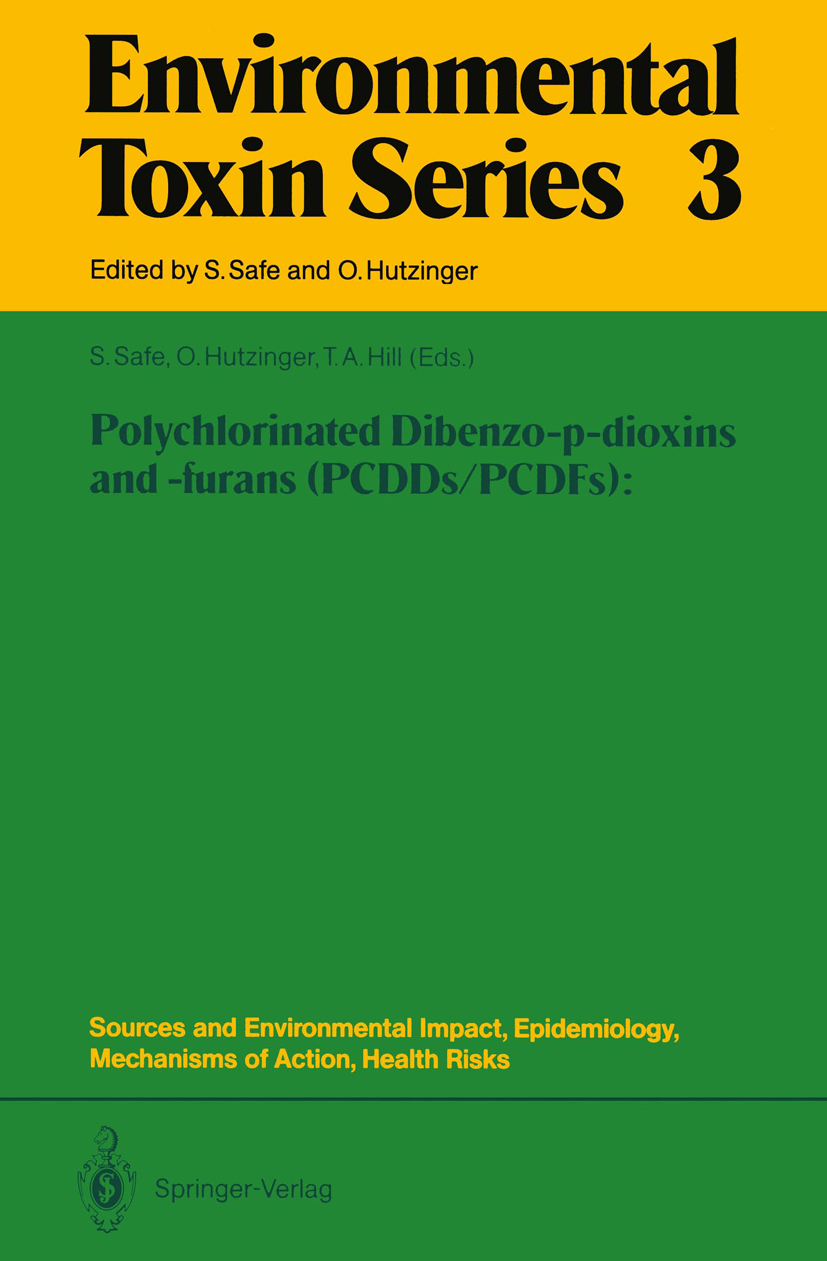
Polychlorinated Dibenzo-p-dioxins and -furans (PCDDs/PCDFs) Polychlorinated Dibenzodioxins and -furans (PCDDs and PCDFs) are potent environmental toxins. Environmental exposures to these compounds in part-per-billion (ppb) and part-per-trillion (ppt) concentrations are of particular interest. These exposures may arise from bleached paper products, paper production process sludge, effluent waste water from paper plants, consumption of food and water from contaminated sources and contact to paper products. TECHNOLOGY & ENGINEERING,Environmental,General

Sustainable Engineering Sustainable Engineering: Design and Analysis offers a unified approach and comprehensive tools for evaluating the environmental, economic, and societal impacts of engineering designs. It builds on the authors' comprehensive benchmarking study of the incorporation of sustainability concepts in engineering curricula, and integrates well-accepted principles and methods from their highly successful textbook, Green Engineering . David Allen and David Shonnard cover everything students and professionals need to improve sustainability in any engineering discipline. They integrate coverage of sustainability concepts and lifecycle principles, quantitative engineering design principles and methods, evaluation tools, case studies, industry perspectives, and more. Readers will learn how to utilise green materials, design green processes and products, and assess the economic value and societal impacts of green designs. Using this book, engineering faculty can bring greater coherence to their instruction on sustainability issues, easily integrating sustainability topics into existing courses. The full text downloaded to your computer With eBooks you can: search for key concepts, words and phrases make highlights and notes as you study share your notes with friends eBooks are downloaded to your computer and accessible either offline through the Bookshelf (available as a free download), available online and also via the iPad and Android apps. Upon purchase, you will receive via email the code and instructions on how to access this product. Time limit The eBooks products do not have an expiry date. You will continue to access your digital ebook products whilst you have your Bookshelf installed. TECHNOLOGY & ENGINEERING,Environmental,General
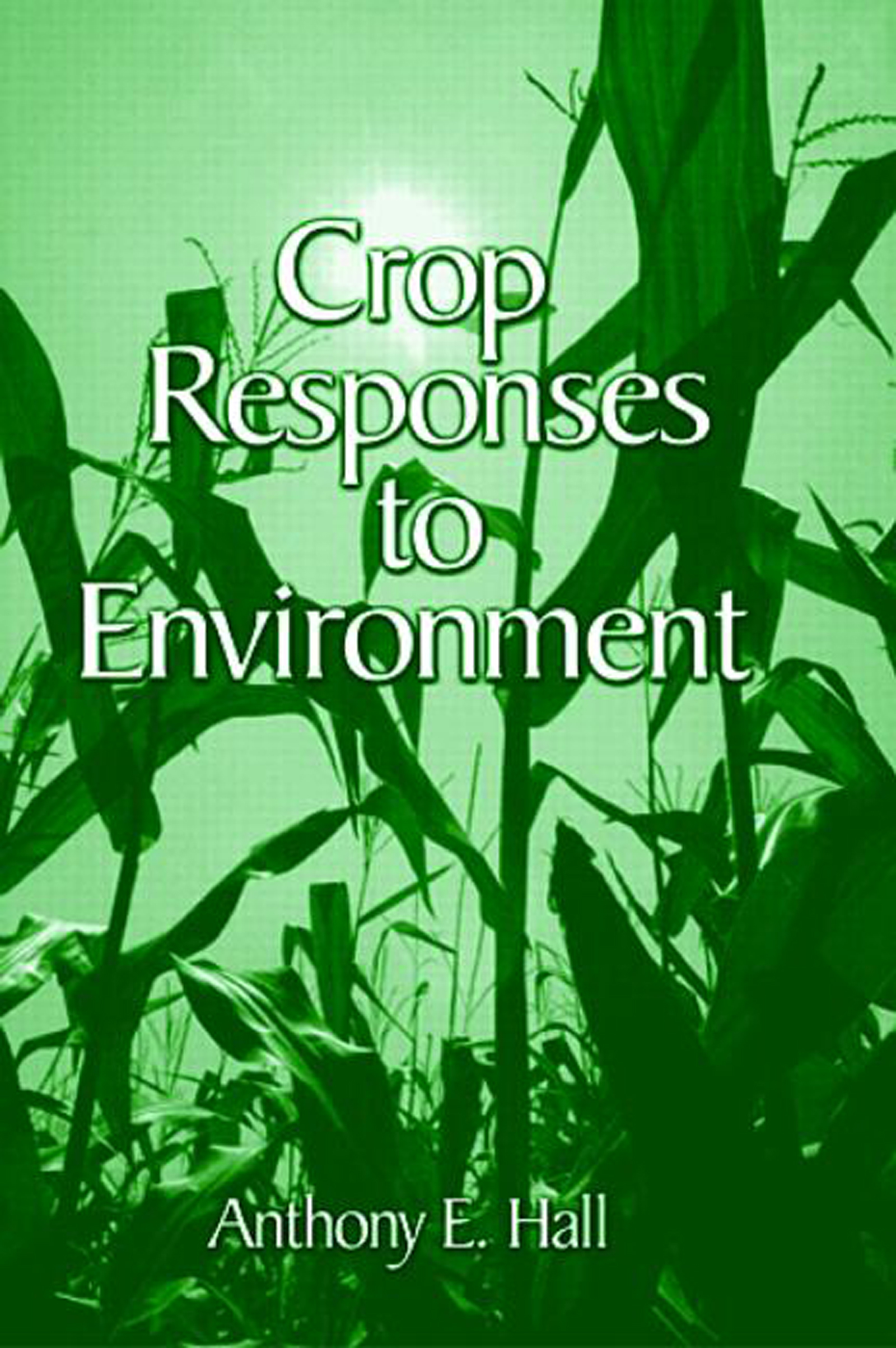
Plants for Environmental Studies One of the problems of using plants in environmental studies is finding current information. Because plants play a key role in environmental studies, from the greenhouse effect to environmental toxicological studies, information is widely scattered over many different fields and in many different sources. Plants for Environmental Studies solves that problem with a single, comprehensive source of information on the many ways plants are used in environmental studies. Written by experts from around the world and edited by a team of prominent environmental specialists, this book is the only source of complete information on environmental impacts, mutation, statistical analyses, relationships between plants and water, algae, plants in ecological risk assessment, compound accumulations, and more. Encompassing algae and vascular plants in both aquatic and terrestrial environments, this book contains a diverse collection of laboratory and in situ studies, methods, and procedures using plants to evaluate air, water, wastewater, sediment, and soil. TECHNOLOGY & ENGINEERING,Environmental,General
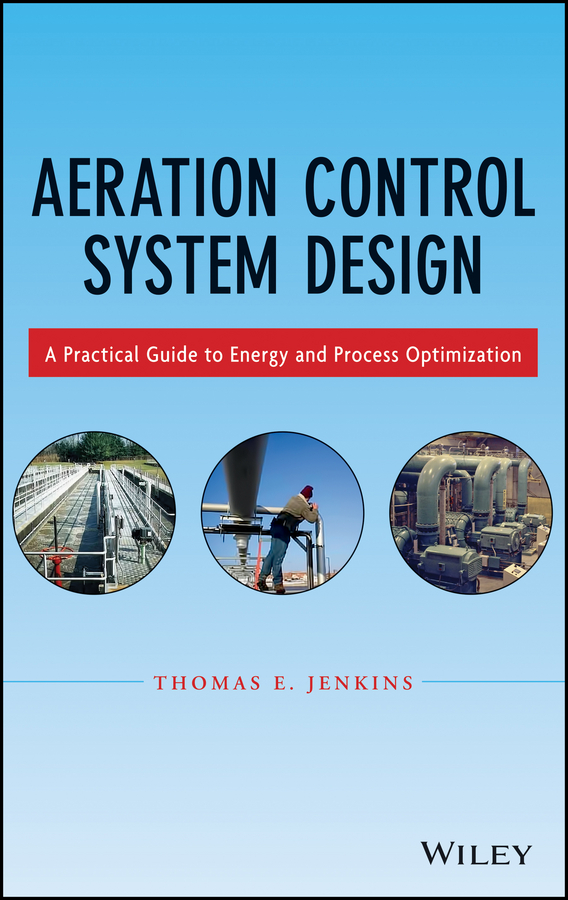
Aeration Control System Design Learn how to design and implement successful aeration control systems Combining principles and practices from mechanical, electrical, and environmental engineering, this book enables you to analyze, design, implement, and test automatic wastewater aeration control systems and processes. It brings together all the process requirements, mechanical equipment operations, instrumentation and controls, carefully explaining how all of these elements are integrated into successful aeration control systems. Moreover, Aeration Control System Design features a host of practical, state-of-the-technology tools for determining energy and process improvements, payback calculations, system commissioning, and more. Author Thomas E. Jenkins has three decades of hands-on experience in every phase of aeration control systems design and implementation. He presents not only the most current theory and technology, but also practical tips and techniques that can only be gained by many years of experience. Inside the book, readers will find: Full integration of process, mechanical, and electrical engineering considerations Alternate control strategies and algorithms that provide better performance than conventional proportional-integral-derivative control Practical considerations and analytical techniques for system evaluation and design New feedforward control technologies and advanced process monitoring systems Throughout the book, example problems based on field experience illustrate how the principles and techniques discussed in the book are used to create successful aeration control systems. Moreover, there are plenty of equations, charts, figures, and diagrams to support readers at every stage of the design and implementation process. In summary, Aeration Control System Design makes it possible for engineering students and professionals to design systems that meet all mechanical, electrical, and process requirements in order to ensure effective and efficient operations. TECHNOLOGY & ENGINEERING,Environmental,General
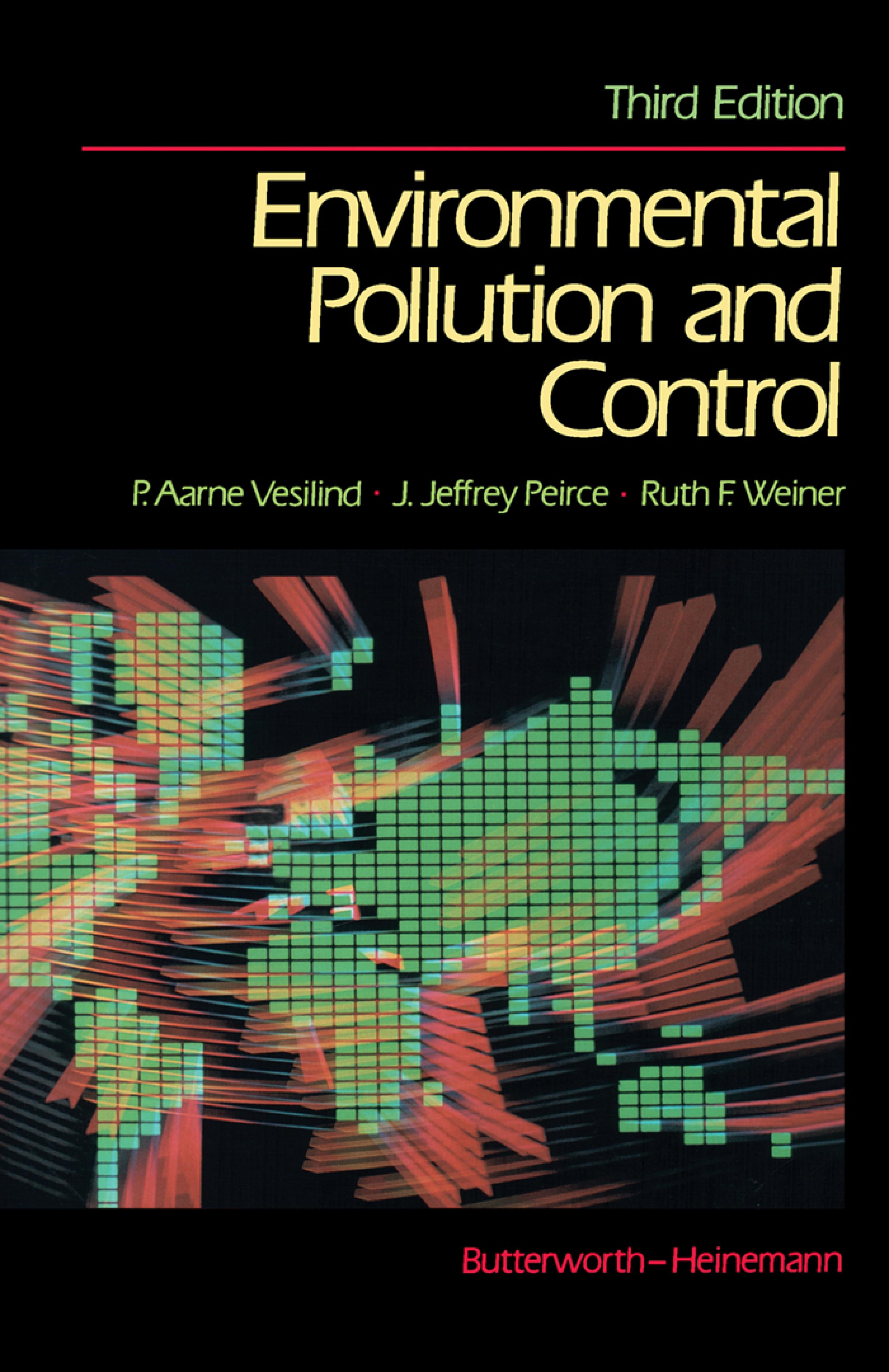
Environmental Pollution and Control Environmental Pollution and Control, Third Edition focuses on the aspects of environmental engineering science and technology, including water pollution, wastewater, sludge treatment, and water pollution legislation. The book first elaborates on environmental and water pollution and measurement of water quality. Discussions focus on chemical oxygen demand, bacteriological measurements, heavy metals, effect of pollution on streams, lakes, and oceans, biodegradation, population responses, and exposure and latency. The publication also takes a look at water supply and water treatment, including disinfection, filtration, settling, coagulation and flocculation, water transmission, and groundwater and surface water supplies. The manuscript examines the collection and treatment of wastewater, sludge treatment and disposal, and nonpoint source water pollution. Topics include control technologies applicable to nonpoint source pollution, sources of sludge, ultimate disposal, onsite wastewater disposal, central wastewater treatment, and tertiary treatment. The text also elaborates on water pollution law, solid wastes, resource recovery, and hazardous wastes. The publication is a valuable reference for environmental pollution experts and readers interested in environmental pollution and control. TECHNOLOGY & ENGINEERING,Environmental,General
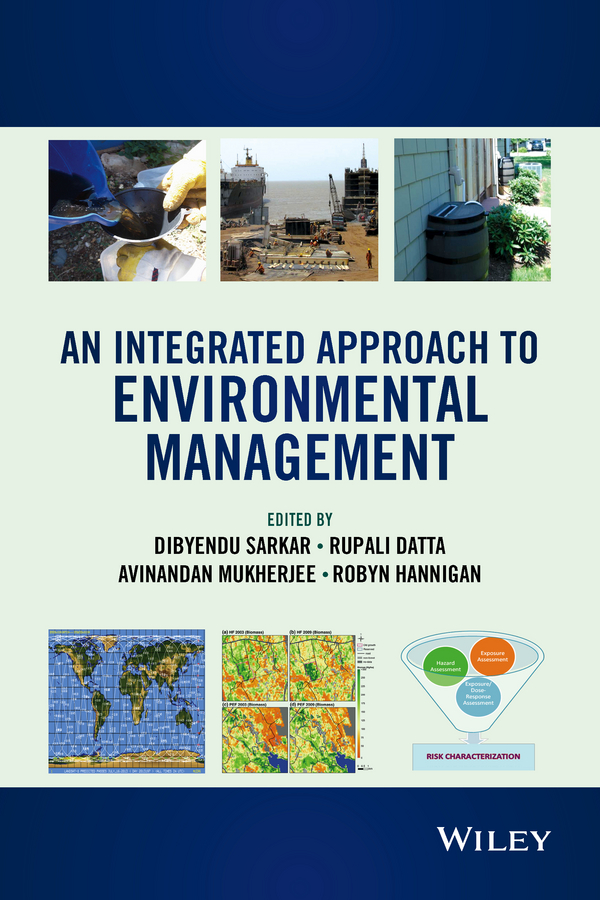
An Integrated Approach to Environmental Management Covers the most recent topics in the field of environmental management and provides a broad focus on the theoretical and methodological underpinnings of environmental management Provides an up-to-date survey of the field from the perspective of different disciplines Covers the topic of environmental management from multiple perspectives, namely, natural sciences, engineering, business, social sciences, and methods and tools perspectives Combines both academic rigor and practical approach through literature reviews and theories and examples and case studies from diverse geographic areas and policy domains Explores local and global issues of environmental management and analyzes the role of various contributors in the environmental management process Chapter contents are appropriately demonstrated with numerous pictures, charts, graphs, and tables, and accompanied by a detailed reference list for further readings TECHNOLOGY & ENGINEERING,Environmental,General
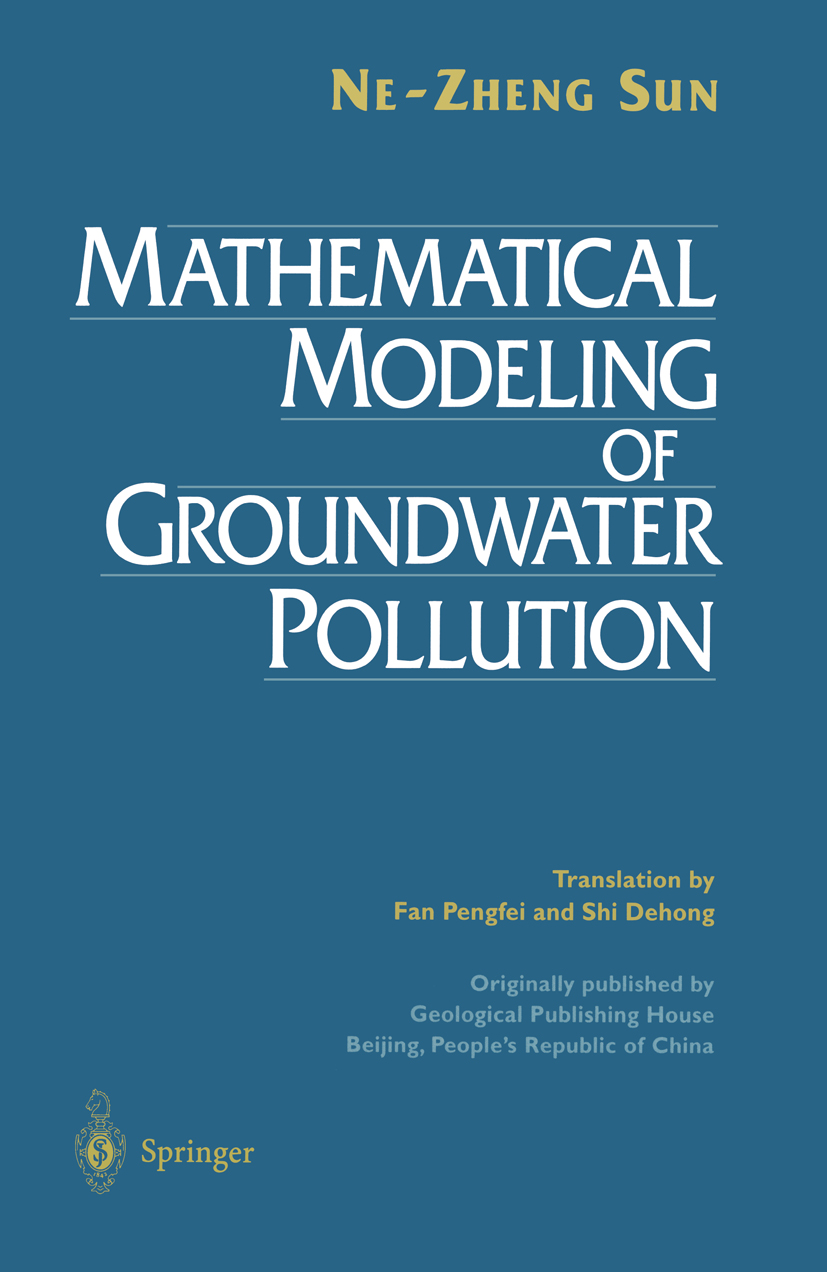
Mathematical Modeling of Groundwater Pollution Groundwater is one of the most important resources in the world. In many areas, water supplies for industrial, domestic, and agricultural uses are de pendent on groundwater. As an "open" system, groundwater may exchange mass and energy with its neighboring systems (soil, air, and surface water) through adsorption, ion-exchange, infiltration, evaporation, inflow, outflow, and other exchange forms. Consequently, both the quantity and quality of groundwater may vary with environmental changes and human activities. Due to population growth, and industrial and agricultural development, more and more groundwater is extracted, especially in arid areas. If the groundwater management problem is not seriously considered, over extraction may lead to groundwater mining, salt water intrusion, and land subsidence. In fact, the quality of groundwater is gradually deteriorating throughout the world. The problem of groundwater pollution has appeared, not only in developed countries, but also in developing countries. Ground water pollution is a serious environmental problem that may damage human health, destroy the ecosystem, and cause water shortage. TECHNOLOGY & ENGINEERING,Environmental,General
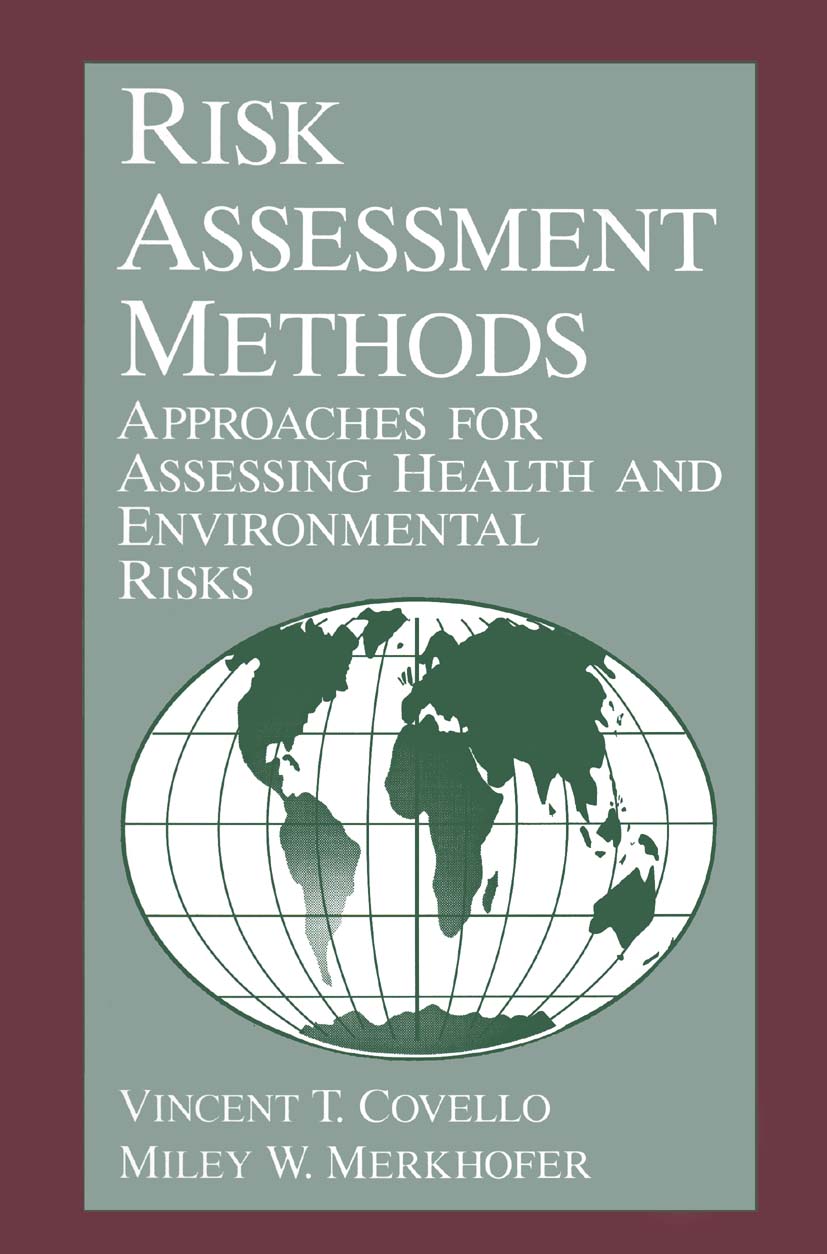
Risk Assessment Methods Much has already been written about risk assessment. Epidemiologists write books on how risk assessment is used to explore the factors that influence the distribution of disease in populations of people. Toxicologists write books on how risk assess ment involves exposing animals to risk agents and concluding from the results what risks people might experience if similarly exposed. Engineers write books on how risk assessment is utilized to estimate the risks of constructing a new facility such as a nuclear power plant. Statisticians write books on how risk assessment may be used to analyze mortality or accident data to determine risks. There are already many books on risk assessment-the trouble is that they all seem to be about different sUbjects! This book takes another approach. It brings together all the methods for assessing risk into a common framework, thus demonstrating how the various methods relate to one another. This produces four important benefits: • First, it provides a comprehensive reference for risk assessment. This one source offers readers concise explanations of the many methods currently available for describing and quantifying diverse types of risks. • Second, it consistently evaluates and compares available risk assessment methods and identifies their specific strengths and limitations. Understand ing the limitations of risk assessment methods is important. The field is still in its infancy, and the problems with available methods are disappoint ingly numerous. At the same time, risk assessment is being used. TECHNOLOGY & ENGINEERING,Environmental,General
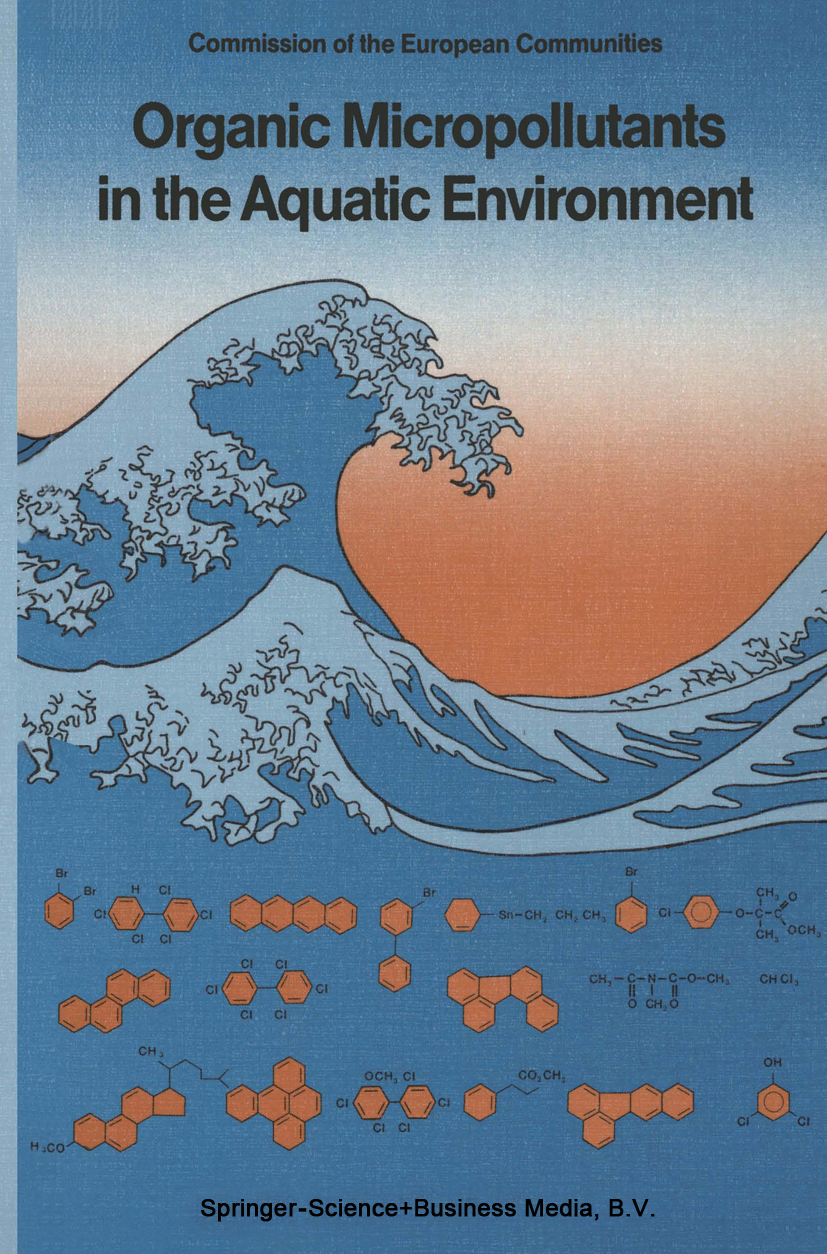
Organic Micropollutants in the Aquatic Environment Proceedings of the Sixth European Symposium held in Lisbon, Portugal, May 22-24, 1990 TECHNOLOGY & ENGINEERING,Environmental,General
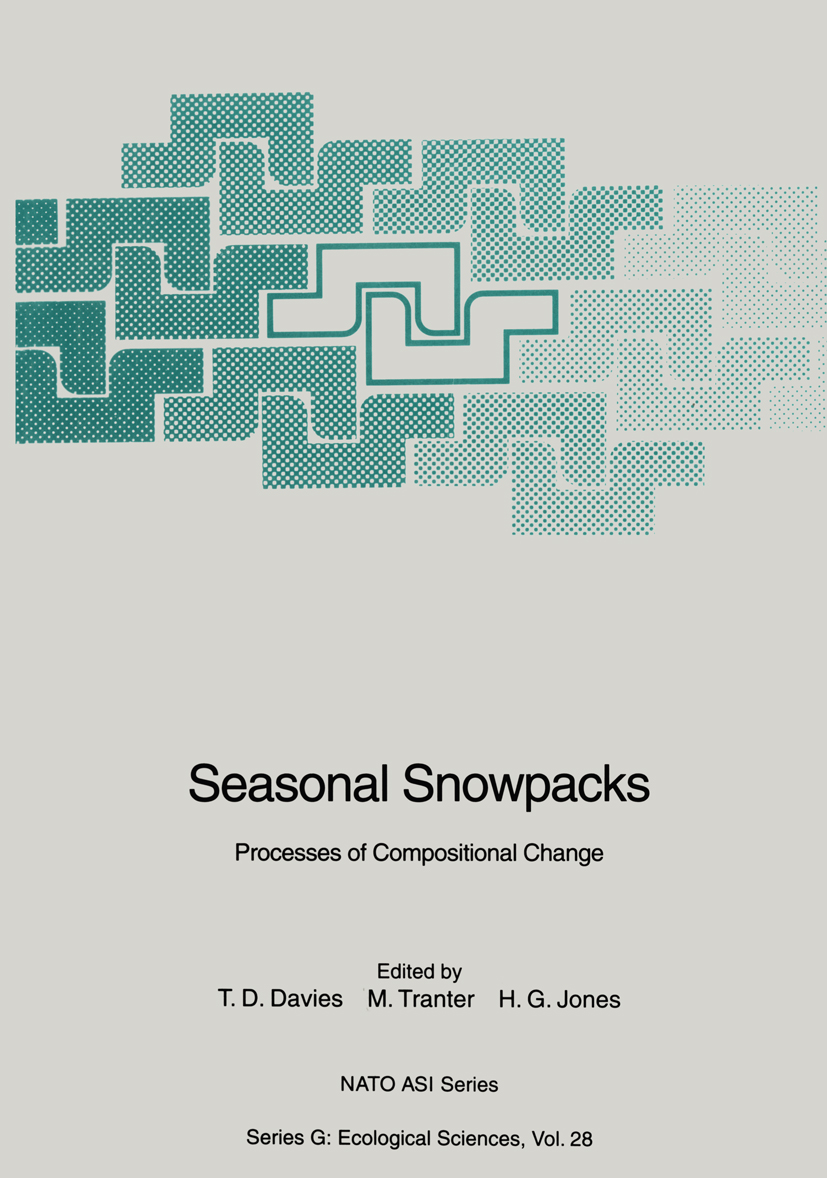
Seasonal Snowpacks Proceedings of the NATO Advanced Research Workshop on Processes of Chemical Change in Snowpacks held in Maratea, Italy, July 23-27, 1990 TECHNOLOGY & ENGINEERING,Environmental,General
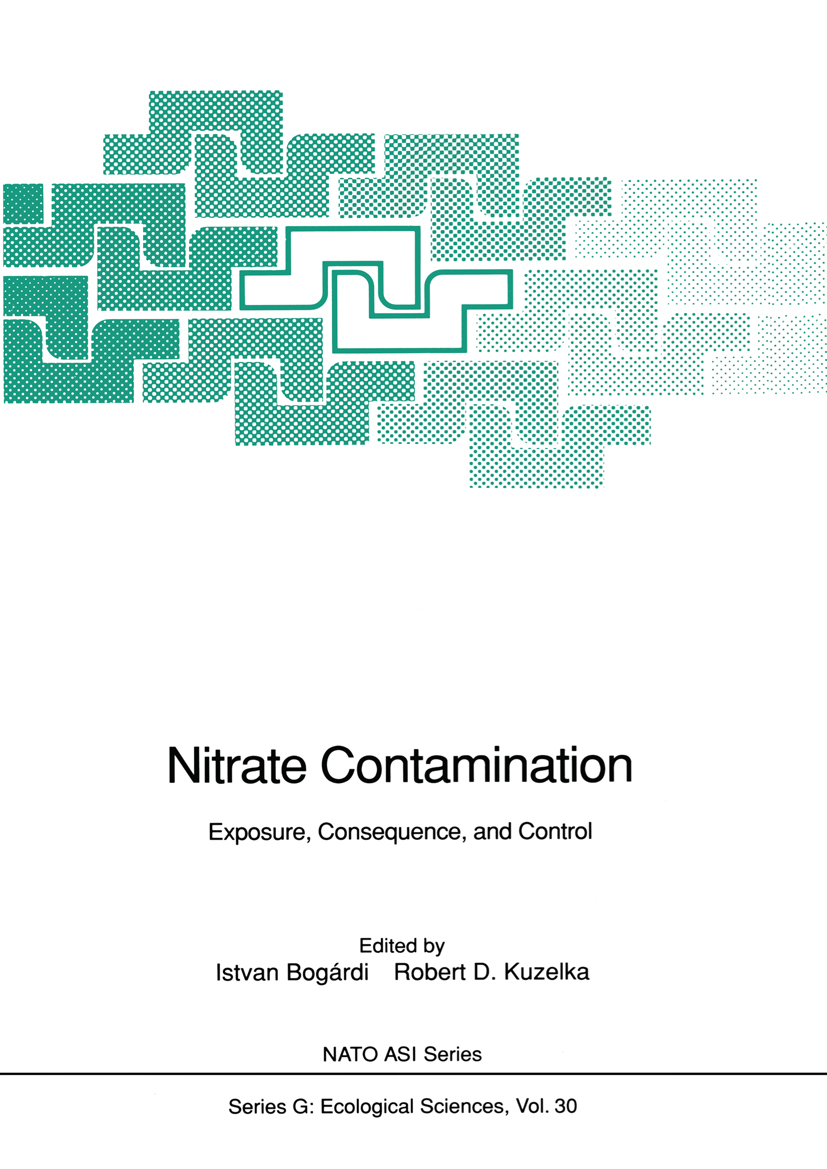
Nitrate Contamination Proceedings of the NATO Advanced Research Workshop on Nitrate Contamination: Exposure, Consequences, and Control held at Lincoln, Nebraska (USA) from September 9-14, 1990 TECHNOLOGY & ENGINEERING,Environmental,General
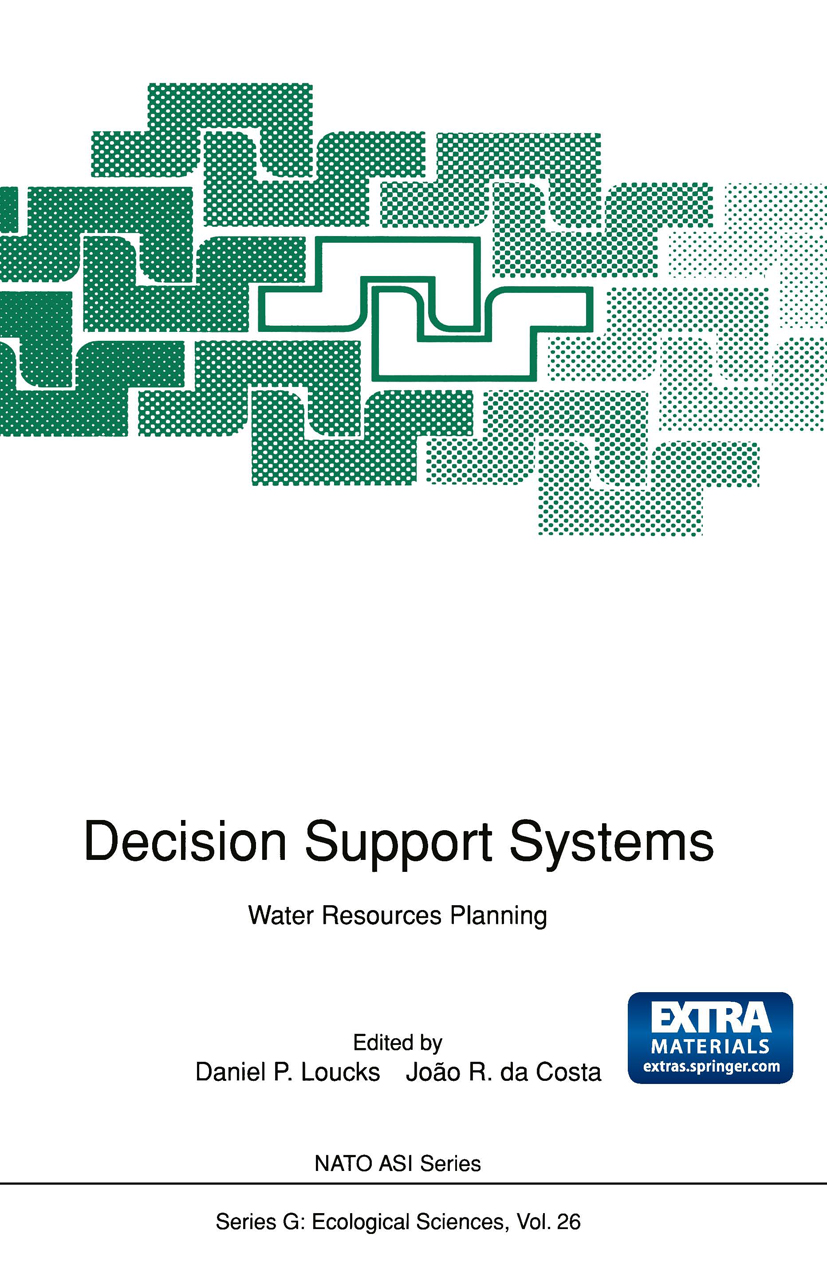
Decision Support Systems Proceedings of the NATO Advanced Research Workshop on Computer-Aided Support Systems for Water Resources, Research and Management held at Ericeira (Portugal), 24-28 September, 1990. TECHNOLOGY & ENGINEERING,Environmental,General
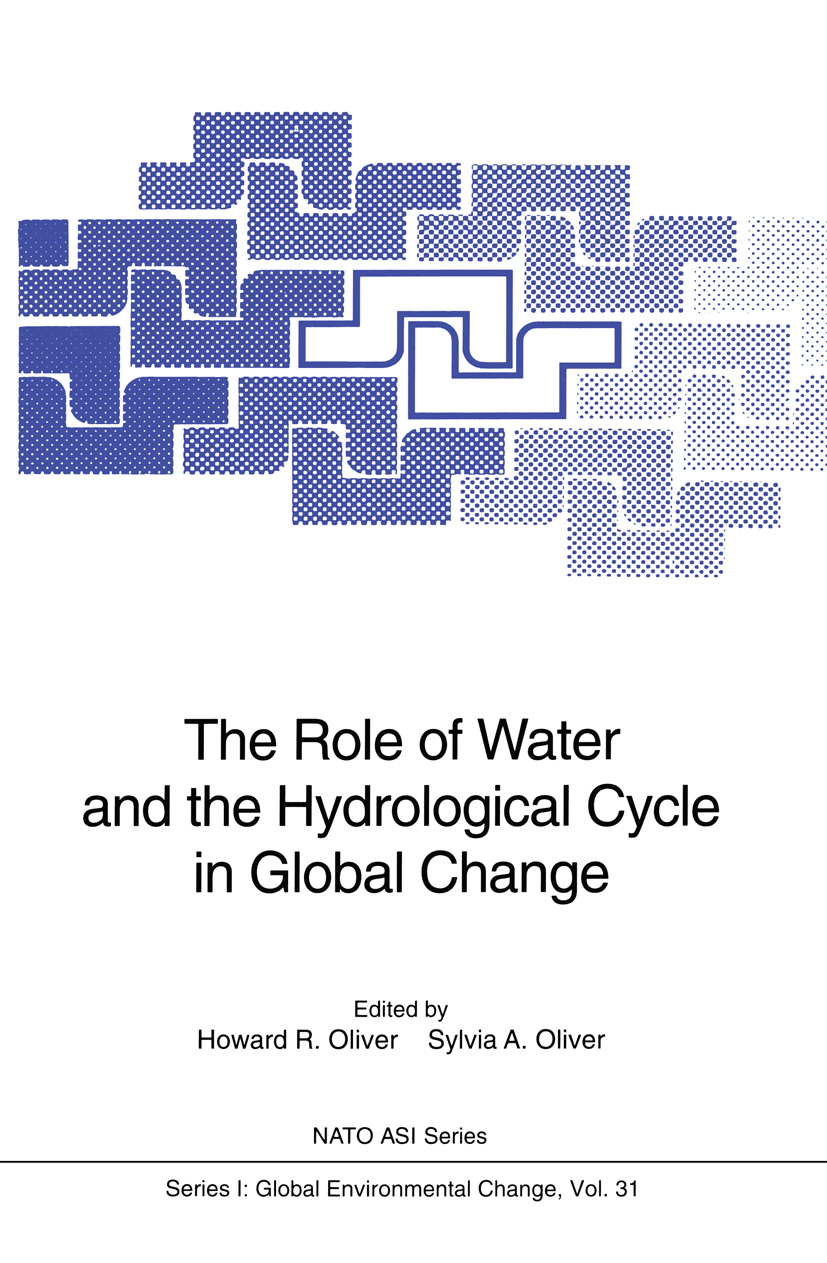
The Role of Water and the Hydrological Cycle in Global Change Proceedings of the NATO Advanced Study Institute on the role of water and the hydrological cycle in global change, held Il Ciocco, Lucca, Italy, May 27 - June 6, 1994 TECHNOLOGY & ENGINEERING,Environmental,General
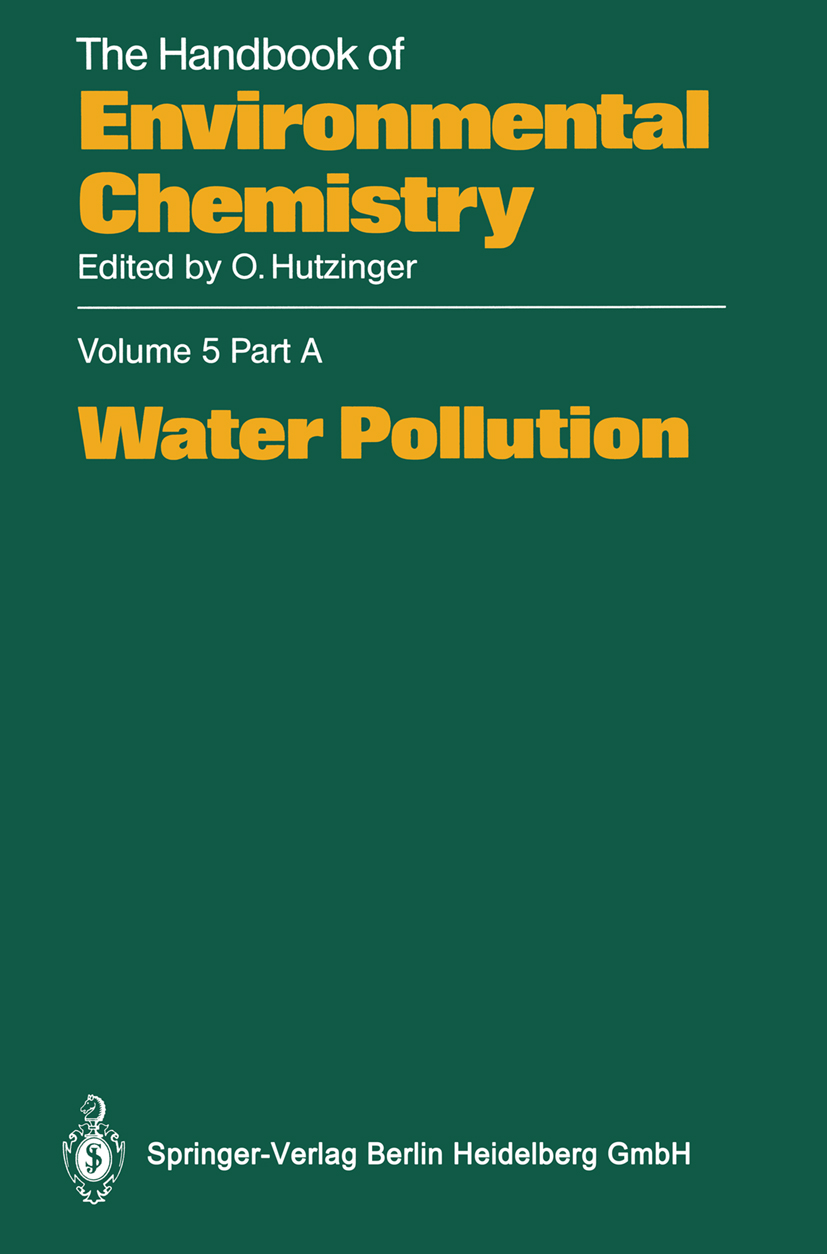
Water Pollution The Handbook of Environmental Chemistry provides the compilation of today's knowledge of processes in the natural environment and the behavior and impact of pollutants. It provides a valuable source for environmental managers, decision-makers, and scientists. Volume 5A is dedicated to water pollution. TECHNOLOGY & ENGINEERING,Environmental,General
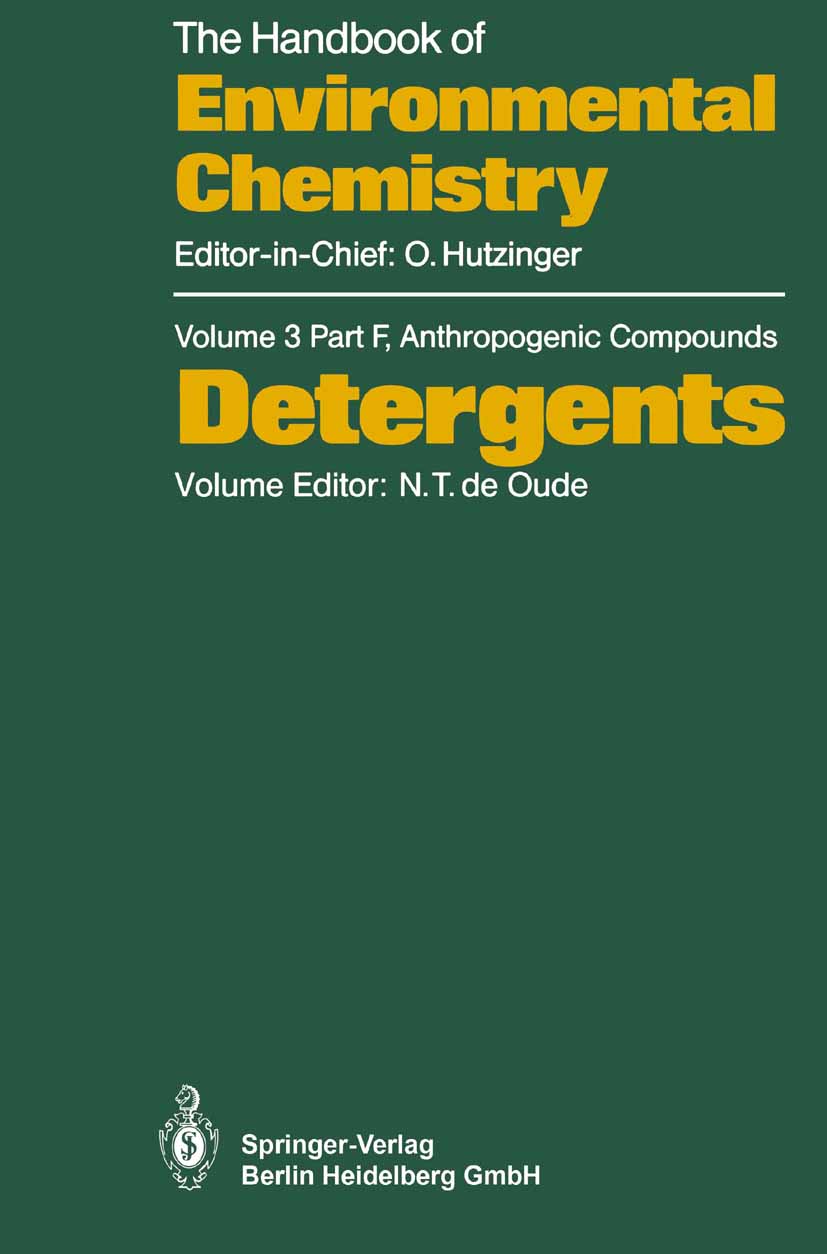
Detergents Environmental Chemistry is a relatively young science. Interest in this subject, however, is growing very rapidly and, although no agreement has been reached as yet about the exact content and limits of this interdisciplinary subject, there appears to be increasing interest in seeing environmental topics which are based on chemistry embodied in this subject. One of the first objectives of Environ mental Chemistry must be the study of the environment and of natural chemical processes which occur in the environment. A major purpose of this series on Environmental Chemistry, therefore, is to present a reasonably uniform view of various aspects of the chemistry of the environment and chemical reactions occuring in the environment. The industrial activities of man have given a new dimension to Environ mental Chemistry. We have now synthesized and described over five million chemical compounds and chemical industry produces about one hundred and fifty million tons of synthetic chemicals annually. We ship billions of tons of oil per year and through mining operations and other geophysical modifications, large quantities of inorganic and organic materials are released from their natural deposits. Cities and metropolitan areas of up to 15 million inhabitants produce large quantities ofwaste in relatively small and confined areas. Much of the chemical products and was te products of modern society are released into the environment either during production, storage, transport, use or ultimate disposal. These released materials participate in natural cycles and reactions and frequently lead to interference and disturbance of natural systems. TECHNOLOGY & ENGINEERING,Environmental,General
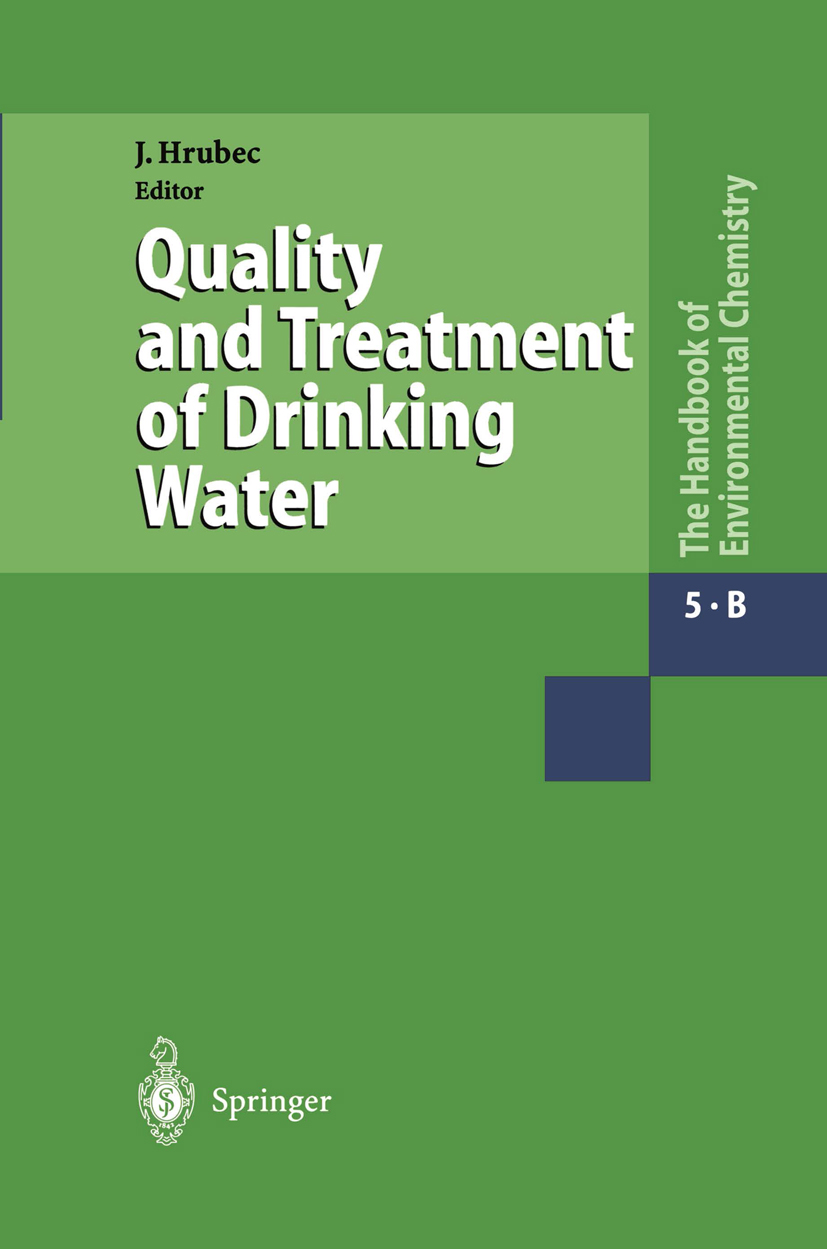
Water Pollution The concern over the entry of agrochemicals and other xenobiotics into drinking water resources and over the general quality of drinking water is increasing. The topic of water quality and water supply will continue to be of great interest during the next two decades in developed as well as in developing countries. The new volume discusses in an authoritative way the key issues of drinking water and its often necessary treatment. TECHNOLOGY & ENGINEERING,Environmental,General
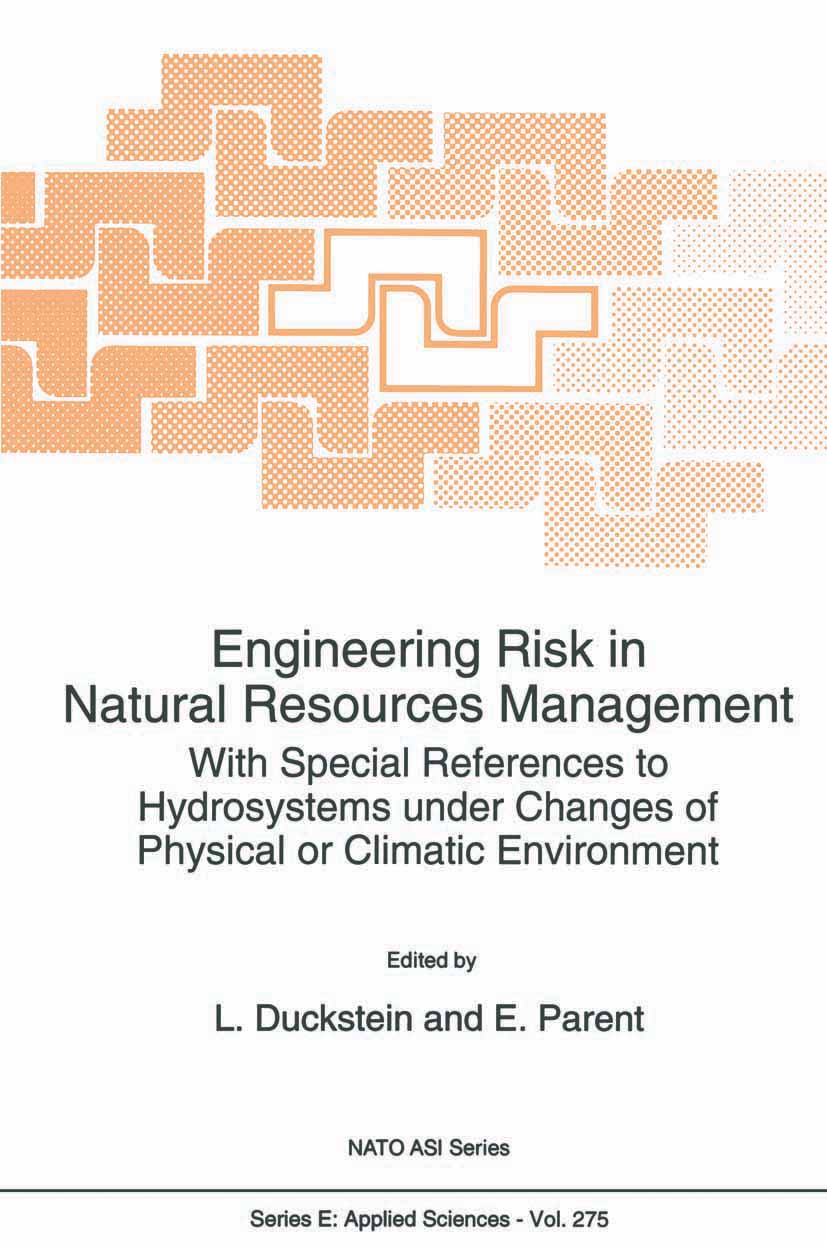
Engineering Risk in Natural Resources Management Proceedings of the NATO Advanced Study Institute on `Engineering Risk and Reliability in a Changing Physical Environment, New Developments in Resources Management with Applications to Non-Steady Conditions', Deauville, France, May 24--June 4, 1993 TECHNOLOGY & ENGINEERING,Environmental,General
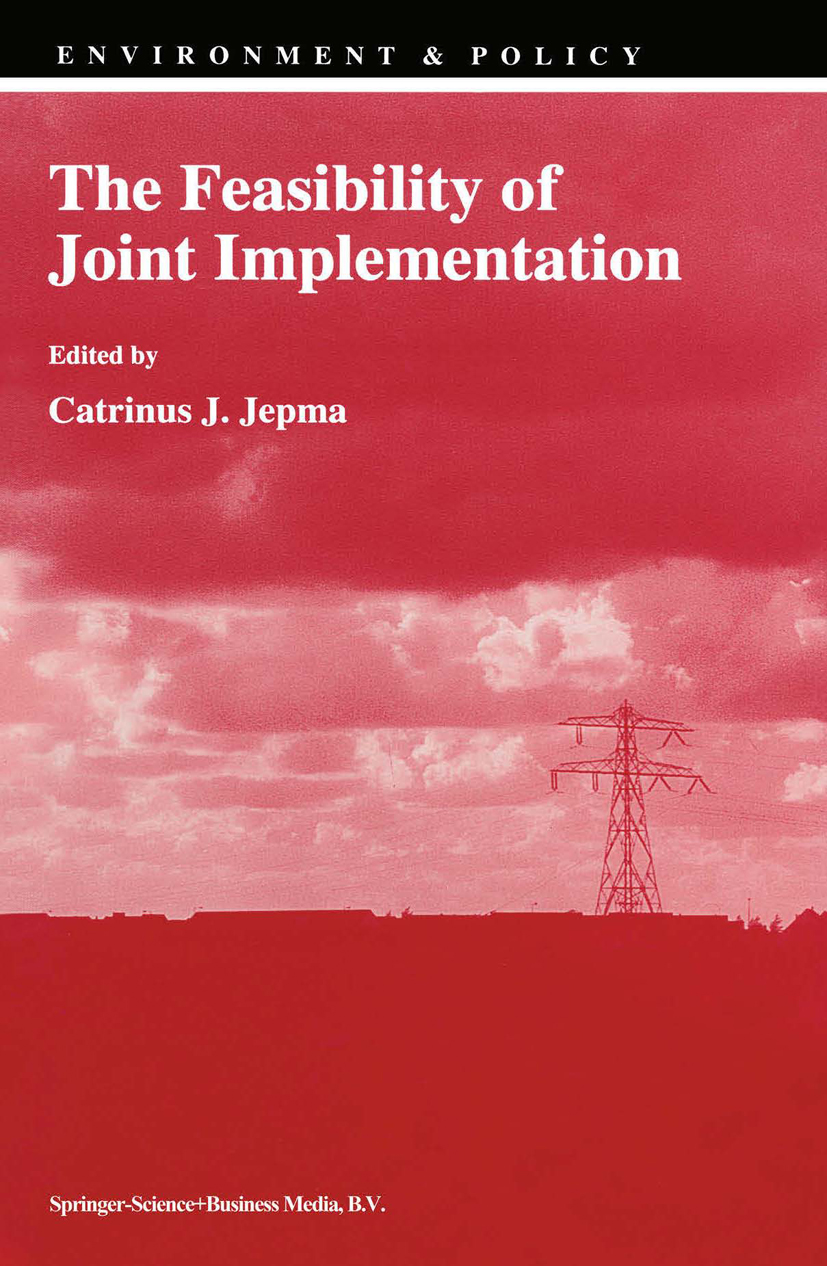
The Feasibility of Joint Implementation CATRINUS J. JEPMA This volume contains the various contributions that were made during the International Conference on Joint Implementation, held near Groningen, The Netherlands, 1-3 June 1994. The conference was initiated by The Netherlands' Ministry of Housing, Spatial Planning and Environment -along with the Ministries of Foreign (Development Cooper ation) and Economic Affairs -and carried out under the responsibility of Foundation IDE (Groningen, The Netherlands). Its underlying idea was to bring together an international group of specialists on Joint Implementation (11) - from governments, NGOs, business and science -to discuss its feasibility of 11. The conference was timed between the 9th and 10th session of the Intergovernmental Negotiating Committee (INC) for a Framework Convention on Climate Change (FCCC) - which was by then considered as the most crucial phase preparing for the first Conference of Parties (CoP I; Berlin, 28 March - 7 April 1995) - in order to provide additional information or results that might serve as an input in the international negotiating process. The main purpose of the conference was, however, to sit back and have a reflection about what has now become known as 11, and evaluate from the perspective of academics, and practitioners, jointly with officials what promise the option really holds, and to evaluate under what socio-economic and political circumstances and conditions one could successfully proceed in setting out the framework for its further testing and l application. TECHNOLOGY & ENGINEERING,Environmental,General
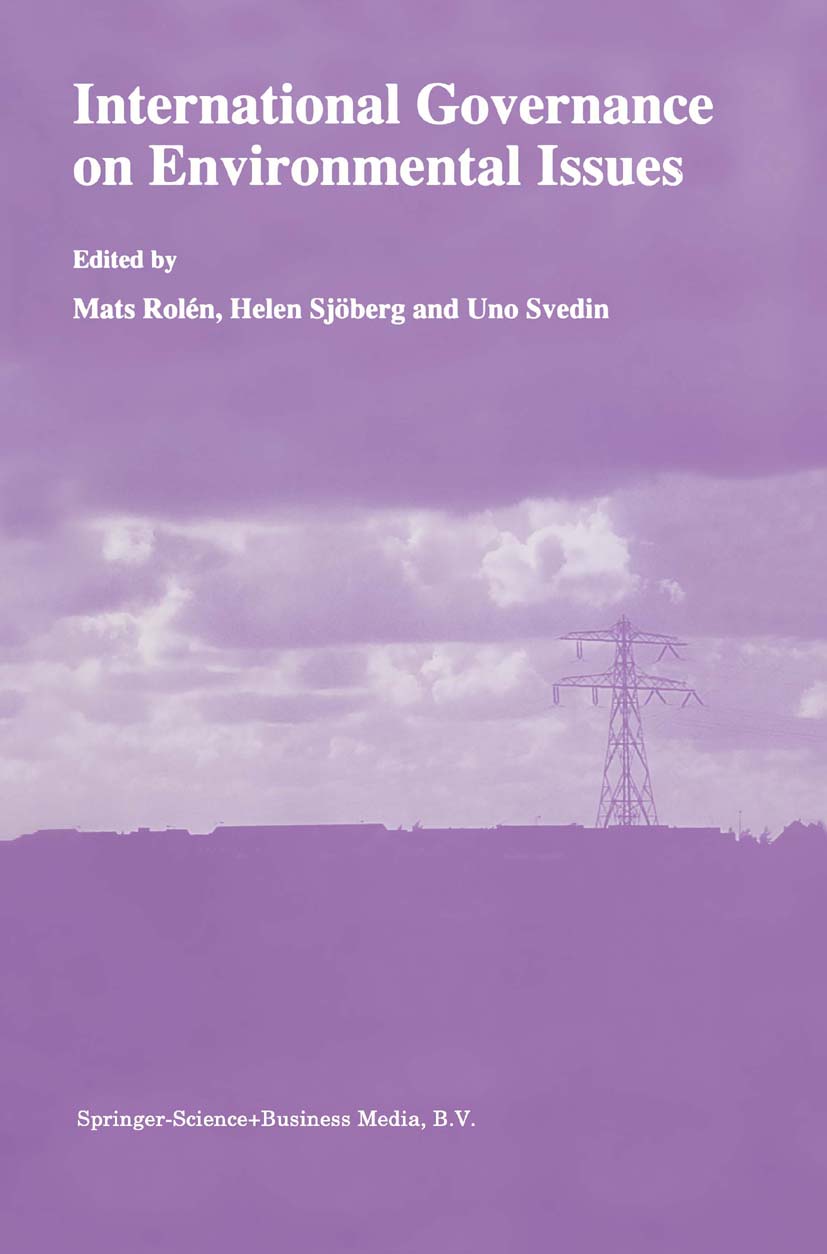
International Governance on Environmental Issues During the last years international cooperation on environmental issues has increased, especially after UNCED in Rio de Janeiro in 1992. The efforts made by the United Nations or groups of states to solve more or less global problems through negotiation has brought up a number of questions of interest for the research community. How are inter national agreements achieved? Which roles do governments, ministries, diplomats, researchers, experts and NGO's play? Is the negotiation process of today effective or would we get better results through regional, national or local actions? How should we understand the interplay between the different societal levels where environmental 'governance' is created? And what constitutes a successful implementation of a conven tion or bilateral agreement in practical policy? The Swedish Council for Planning and Coordination of Research (FRN) has since the early 1980's initiatated and funded environmental research, and in particular for research problems with a focus on the interplay between humans~society-natural resources. In order to get a picture of on-going research with relevance to an understanding of inter national environmental governance, and to stimulate the research com munity towards addressing new issues, the FRN arranged an inter national workshop for August 17-19, 1994 at Krusenberg Manor, near Uppsala. The workshop could also be seen in the context of FRN's long term interest in the issues of 'the Human Dimensions of Global Environ mental Change', including the activities of the Human Dimensions Programme (now IHDP) at the international level. TECHNOLOGY & ENGINEERING,Environmental,General
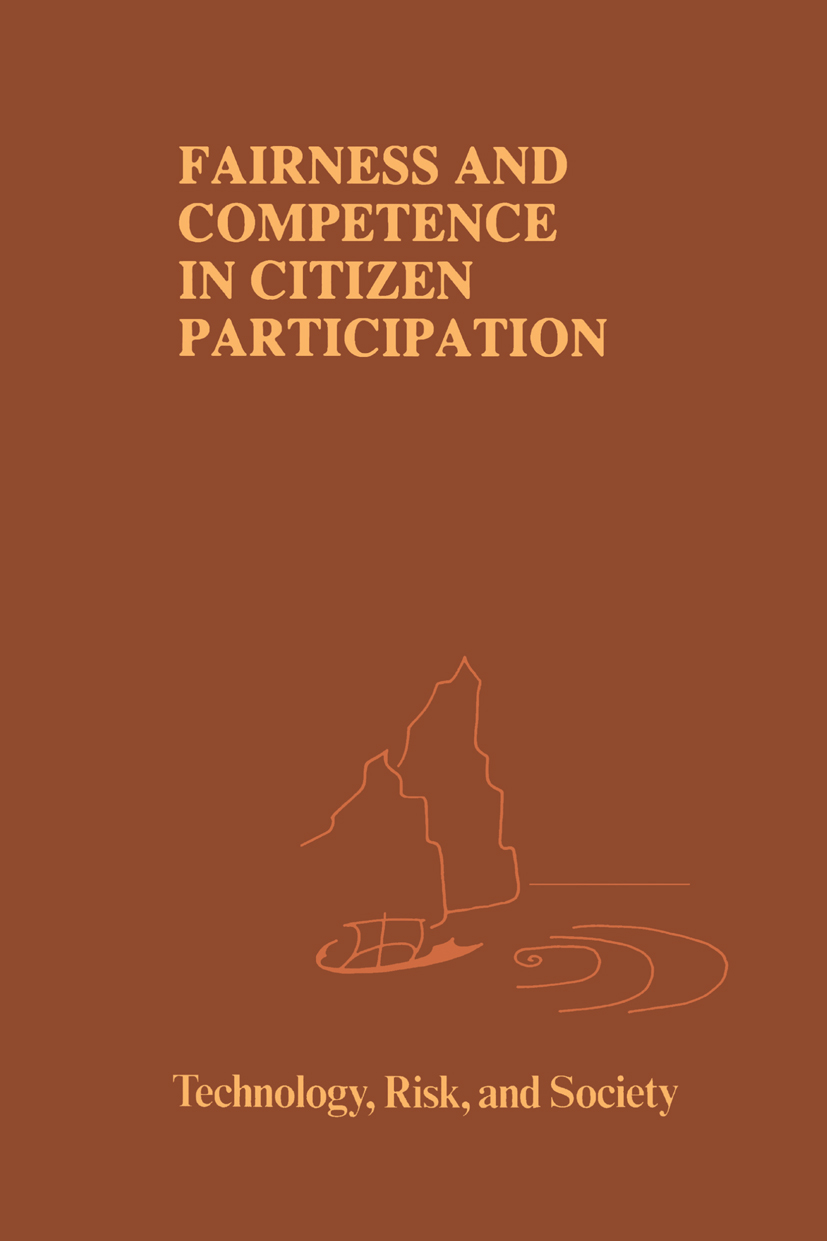
Fairness and Competence in Citizen Participation Ortwin Renn Thomas Wehler Peter Wiedemann In late July of 1992 the small and remote mountain resort of Morschach in the Swiss Alps became a lively place of discussion, debate, and discourse. Over a three-day period twenty-two analysts and practitioners of public participation from the United States and Europe came together to address one of the most pressing issues in contemporary environmental politics: How can environmental policies be designed in a way that achieves both effective protection of nature and an adequate representation of public values? In other words, how can we make the environmental decision process competent and fair? All the invited scholars from academia, international research institutes, and governmental agencies agreed on one fundamental principle: For environmental policies to be effective and legitimate, we need to involve the people who are or will be affected by the outcomes of these policies. There is no technocratic solution to this problem. Without public involvement, environmental policies are doomed to fail. The workshop was preceded by a joint effort by the three editors to develop a framework for evaluating different models of public participation in the environmental policy arena. During a preliminary review of the literature we made four major observations. These came to serve as the primary motivation for this book. First, the last decade has witnessed only a fair amount of interest within the sociological or political science communities in issues of public participation. TECHNOLOGY & ENGINEERING,Environmental,General
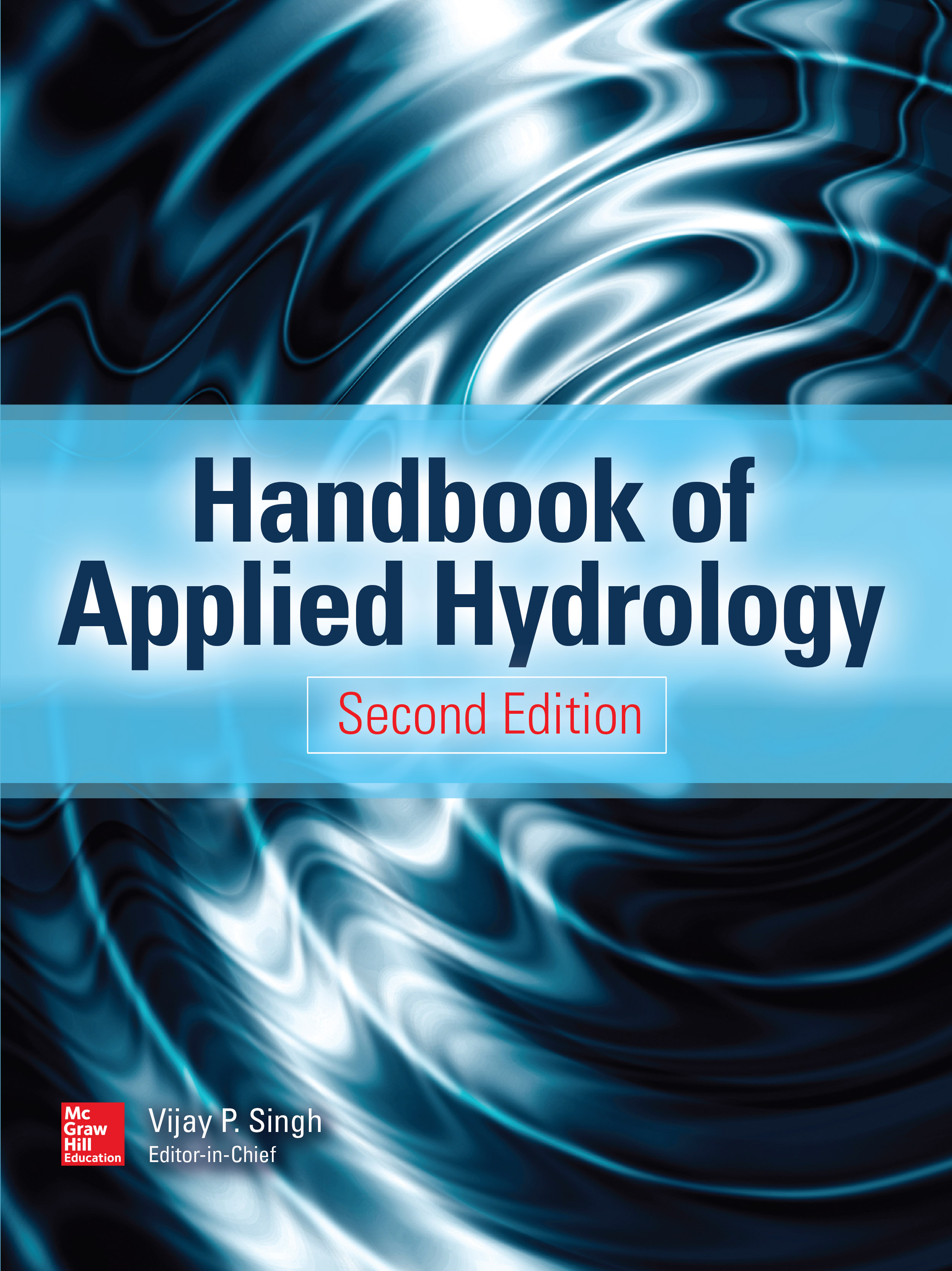
Handbook of Applied Hydrology, Second Edition Fully Updated Hydrology Principles, Methods, and Applications Thoroughly revised for the first time in 50 years, this industry-standard resource features chapter contributions from a “who’s who†of international hydrology experts. Compiled by a colleague of the late Dr. Chow, Chow’s Handbook of Applied Hydrology, Second Edition, covers scientific and engineering fundamentals and presents all-new methods, processes, and technologies. Complete details are provided for the full range of ecosystems and models. Advanced chapters look to the future of hydrology, including climate change impacts, extraterrestrial water, social hydrology, and water security. Chow’s Handbook of Applied Hydrology, Second Edition, covers: · The Fundamentals of Hydrology · Data Collection and Processing · Hydrology Methods · Hydrologic Processes and Modeling · Sediment and Pollutant Transport · Hydrometeorologic and Hydrologic Extremes · Systems Hydrology · Hydrology of Large River and Lake Basins · Applications and Design · The Future of Hydrology TECHNOLOGY & ENGINEERING,Environmental,General
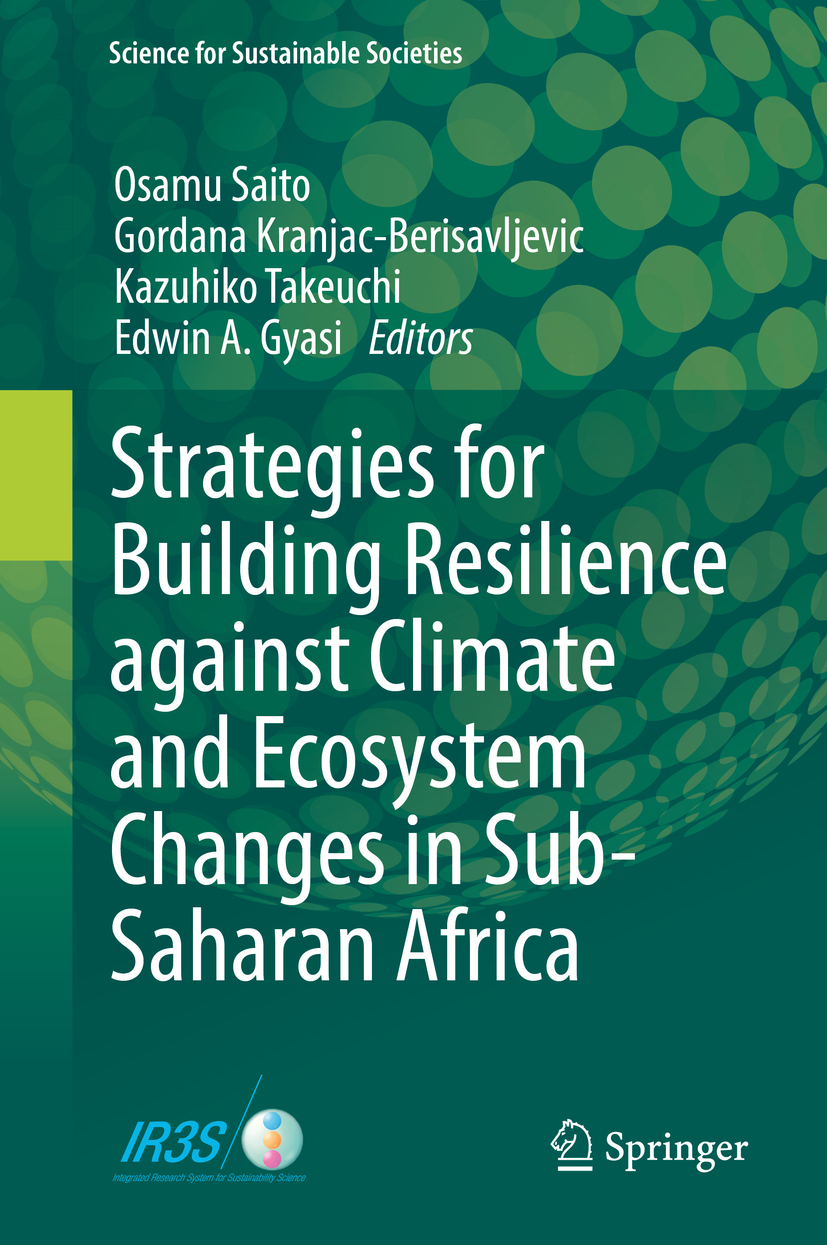
Strategies for Building Resilience against Climate and Ecosystem Changes in Sub-Saharan Africa This book summarizes studies on climate and ecosystem change adaptation and resilience in Africa (CECAR-Africa), a collaboration with the goal of creating an integrated resilience enhancement strategy as a potential model for semi-arid regions across Sub-Saharan Africa by combining climate change and ecosystem change research. The case studies were conducted at multiple scales – local, national, and regional – and incorporate the natural sciences, social sciences and engineering in a transdisciplinary manner while also integrating the needs of local communities. The book chiefly addresses three thematic areas, namely: Forecast and assessment of climate change impacts on agro-ecosystems; Risk assessment of extreme weather hazards and development of adaptive resource management methods; and Implementing capacity development programs for local leaders and practitioners. The collaborative nature of the project and the use of various quantitative and qualitative research techniques and methods – such as field surveys, questionnaires, focus group discussions, land use and cover change analysis, and climate downscaled modeling – make the book truly unique. Especially at a time when both long-term climate change and short-term extreme weather events such as droughts and floods are worsening, this book offers potential approaches to developing an integrated framework for assessing the local ability to cope with floods and droughts, and for enhancing the resilience of farming communities in developing countries, which are the most vulnerable to these changes and extreme weather events. As such, it will be of interest to a wider audience, including academics, professionals, and government officials alike. TECHNOLOGY & ENGINEERING,Environmental,General

Mammography and Breast Imaging PREP The most comprehensive review available for the ARRT® Mammography Exam Written by an experienced radiography educator and clinician, Mammography & Breast Imaging Prep, Second Edition summarizes the mammography curriculum in a concise, accessible narrative to help students understand and remember key concepts. This study guide provides a thorough overview of breast imaging and patient care, including breast anatomy, physiology and pathology, digital and analog breast imaging equipment, quality control, interventional techniques, and treatment options. This essential review is bolstered by chapter-ending review questions with answer explanations that reference the text, allowing learners to gauge their comprehension of important material. Learning aids, such as objectives and glossaries at the beginning of each chapter, help students recognize and understand concepts that are likely to appear on the exam. • Numerous radiographs teach students to recognize good vs. bad films, normal circumscribed lesions, and breast calcifications• High-quality diagrams help students determine correct patient positioning consistent with the American College of Radiography and the Mammography Quality Control Manual• Reinforces classroom learning, while preparing students for certification TECHNOLOGY & ENGINEERING,Environmental,General
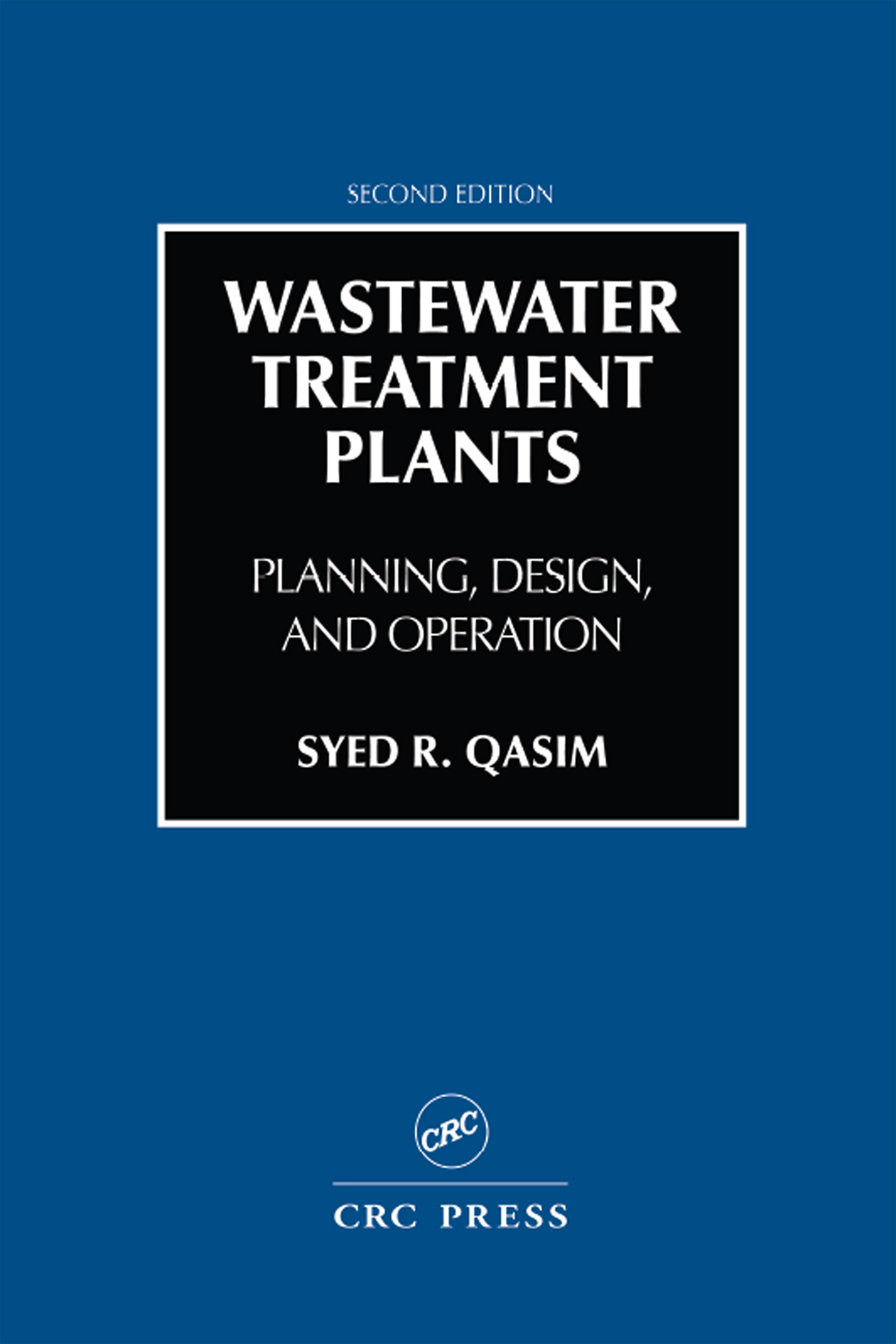
Wastewater Treatment Plants Step-by-step procedures for planning, design, construction and operation: * Health and environment * Process improvements * Stormwater and combined sewer control and treatment * Effluent disposal and reuse * Biosolids disposal and reuse * On-site treatment and disposal of small flows * Wastewater treatment plants should be designed so that the effluent standards and reuse objectives, and biosolids regulations can be met with reasonable ease and cost. The design should incorporate flexibility for dealing with seasonal changes, as well as long-term changes in wastewater quality and future regulations. Good planning and design, therefore, must be based on five major steps: characterization of the raw wastewater quality and effluent, pre-design studies to develop alternative processes and selection of final process train, detailed design of the selected alternative, contraction, and operation and maintenance of the completed facility. Engineers, scientists, and financial analysts must utilize principles from a wide range of disciplines: engineering, chemistry, microbiology, geology, architecture, and economics to carry out the responsibilities of designing a wastewater treatment plant. The objective of this book is to present the technical and nontechnical issues that are most commonly addressed in the planning and design reports for wastewater treatment facilities prepared by practicing engineers. Topics discussed include facility planning, process description, process selection logic, mass balance calculations, design calculations, and concepts for equipment sizing. Theory, design, operation and maintenance, trouble shooting, equipment selection and specifications are integrated for each treatment process. Thus delineation of such information for use by students and practicing engineers is the main purpose of this book. TECHNOLOGY & ENGINEERING,Environmental,General
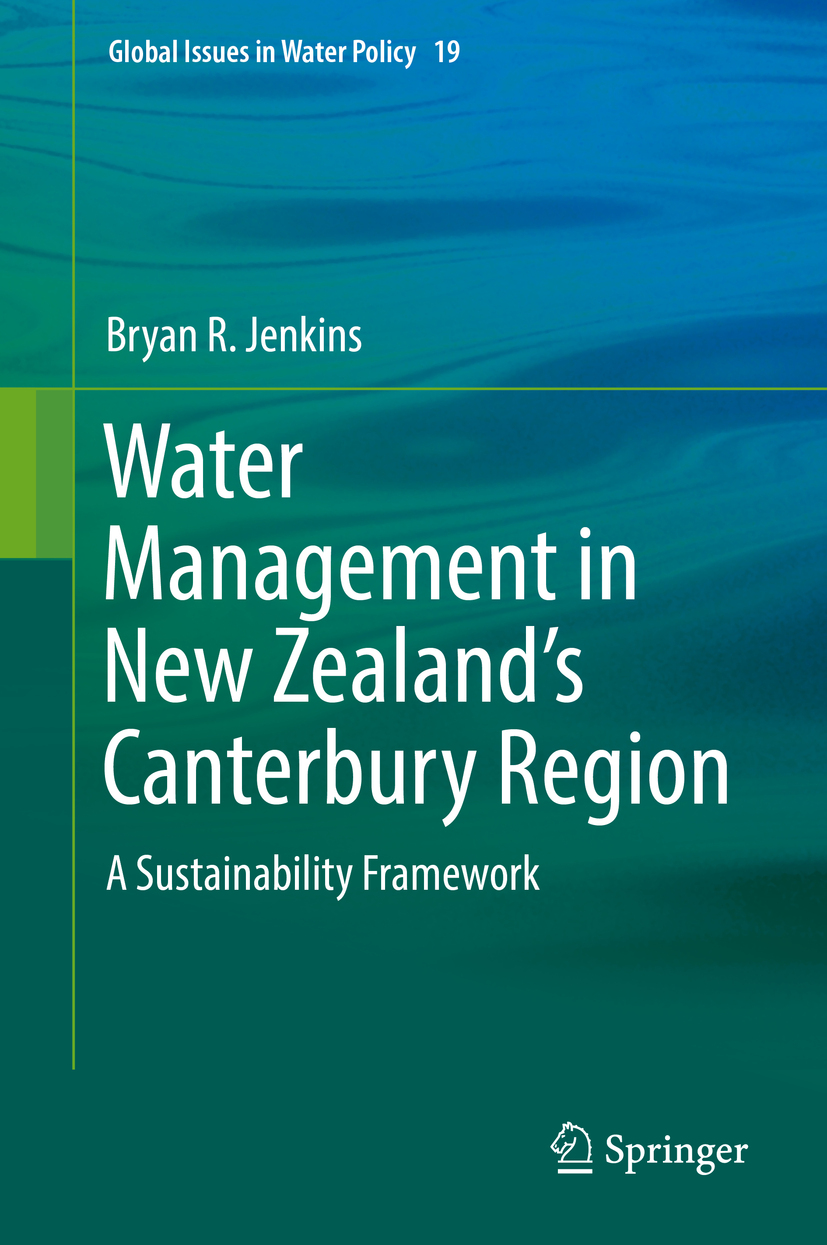
Water Management in New Zealand's Canterbury Region The book is designed to achieve two major purposes. The first is to describe the developments in water management policy in the Canterbury Region of New Zealand. The strategic approach, the collaborative engagement, and, the nested adaptive systems approach represent a paradigm shift in water management in New Zealand. The second is to delineate the sustainability framework that underpins the Canterbury approach. The framework is based on the concept of developing sustainability strategies to address critical failure pathways. While the focus of the book is on Canterbury, comparative applications of the framework to issues in other parts of New Zealand and international issues are proposed. The book can be used in at least two ways. The first is the application of a sustainability framework to the management of water in Canterbury region. The second is the exposition of a sustainability framework that can be applied to the management of water in a region with the application to Canterbury as an illustrative case study. TECHNOLOGY & ENGINEERING,Environmental,General
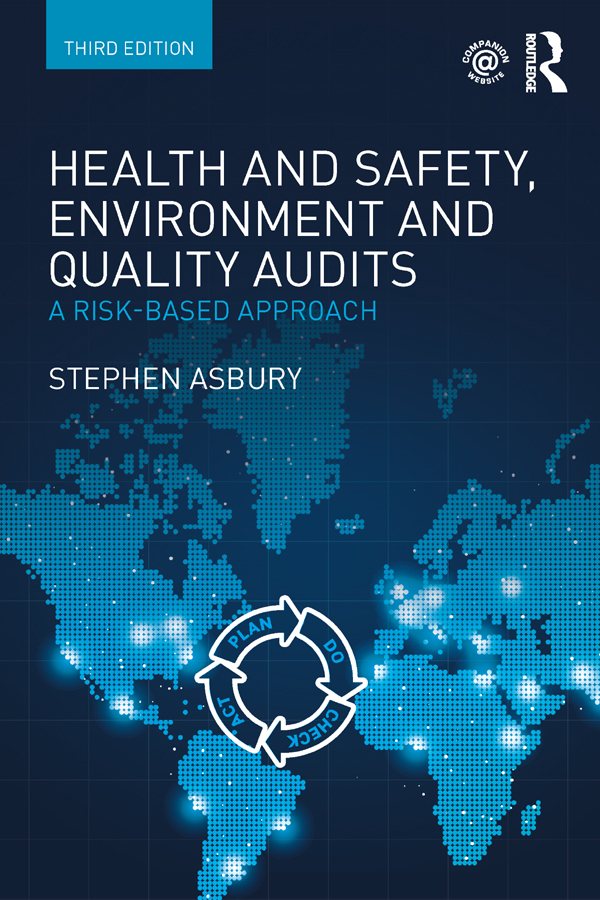
Health and Safety, Environment and Quality Audits Internal auditing is an essential tool for managing compliance, and for initiating and driving continual improvement in any organization’s systematic HSEQ performance. Health and Safety, Environment and Quality Audits includes the latest health and safety, environmental and quality management system standards – ISO 9001, ISO 14001 and ISO 45001. It delivers a powerful and proven approach to risk-based auditing of business-critical risk areas using ISO, or your own management systems. It connects the ‘PDCA’ approach to implementing management systems with auditing by focusing on the organization’s context and the needs and expectations of interested parties. The novel approach leads HSEQ practitioners and senior and line managers alike to concentrate on the most significant risks to their objectives, and provides a step-by-step route through The Audit AdventureTM to provide a high-level, future-focused audit opinion. The whole approach is aligned to the international standard guidance for auditing management systems (ISO 19011). This unique guide to HSEQ and operations integrity auditing has become the standard work in the field over three editions whilst securing bestseller status in Australasia, Europe, North America and South Africa. It is essential reading for senior managers and auditors alike – it remains the ‘go to’ title for those who aspire to drive a prosperous and thriving business based on world-class HSEQ management and performance. TECHNOLOGY & ENGINEERING,Environmental,General
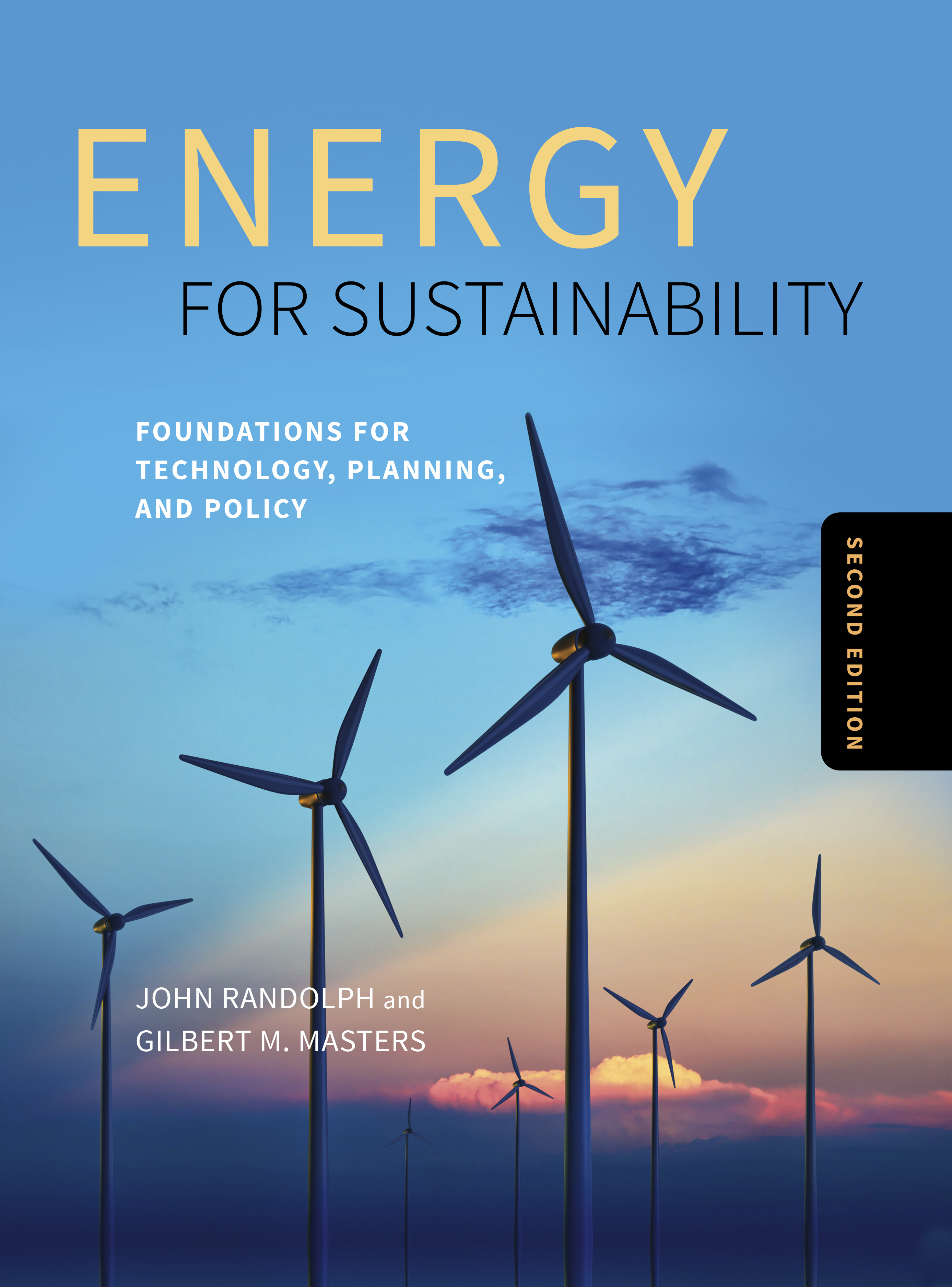
Energy for Sustainability, Second Edition The most comprehensive textbook on this topic,Energy for Sustainability, Second Editiontakes a holistic and interdisciplinary approach to help techies and policymakers alike understand the policy and social mechanisms required to enable conversion to efficient and renewable energy that is clean, affordable, and secure. Major revisions to this edition reflect the current changes in technology and energy use and focus on new analyses, data, and methods necessary to understand and actively participate in the transition to sustainable energy. Throughout the book, analytical methods for energy and economic analysis and design give users a quantitative appreciation for and understanding of energy systems. Randolph and Masters use case studies extensively to demonstrate current experience and illustrate possibilities. TECHNOLOGY & ENGINEERING,Environmental,General
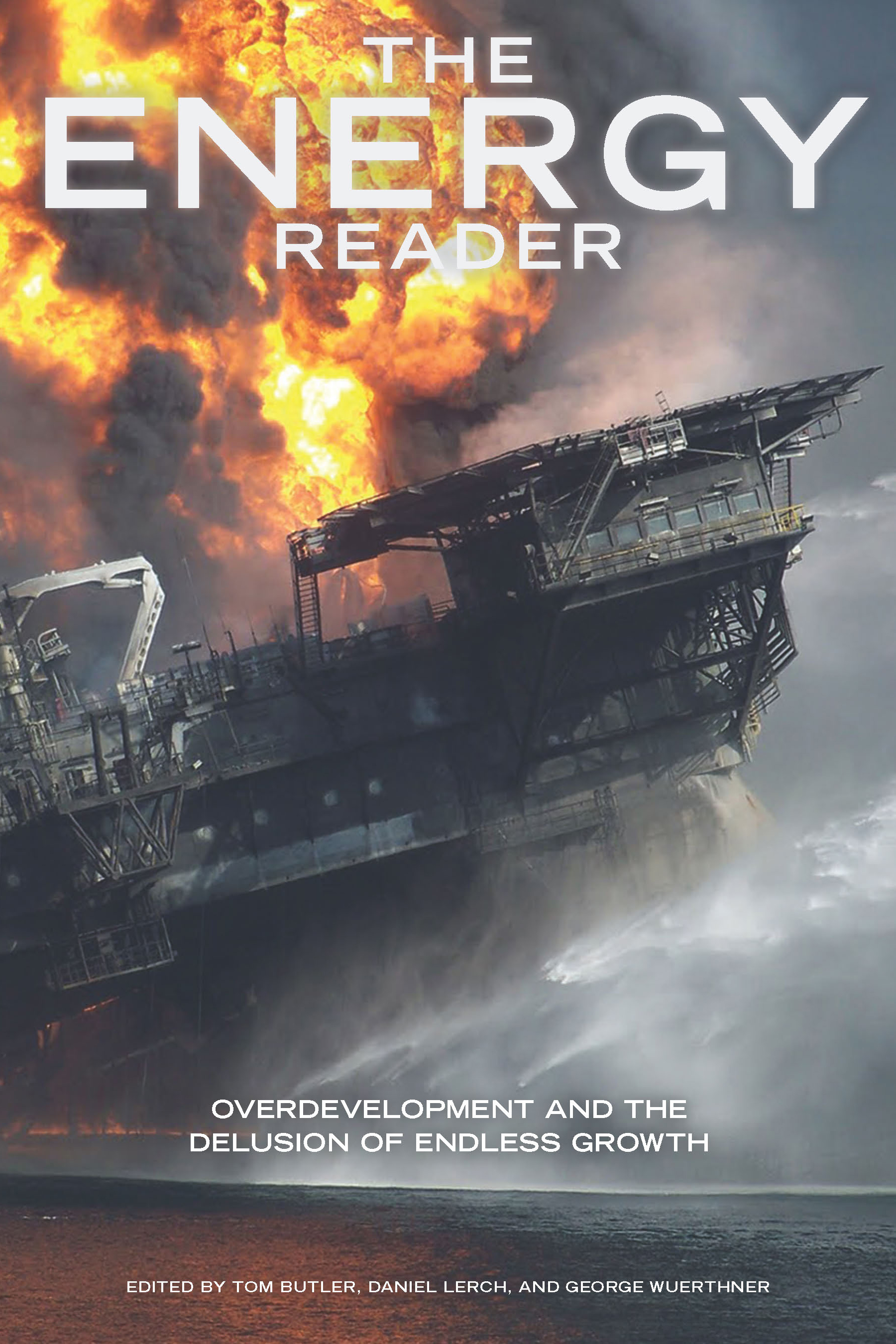
The Energy Reader The Energy Reader takes an unflinching look at the environmental devastation created by our thirst for energyincluding supposedly clean†renewable sources. From oil spills, nuclear accidents, and mountaintop-removal coal mining to oversized wind farms and desert-destroying solar power plants, virtually every region of the globe is now experiencing the consequences of out-of-control energy development. Essentially no place is sacred, no landscape safe from the relentless search for energy resources to continue powering a culture based on perpetual growth. Precious wildlands, fragile ecosystems, even our own communities and children’s health are at risk. Featuring essays by more than thirty of the most brilliant minds in the fields of energy, society, and ecology, The Energy Reader lifts the veil on the harsh realities of our pursuit of energy at any price, revealing the true costs, benefits, and limitations of all our energy options. Contributors include Wes Jackson, Bill McKibben, Sandra B. Lubarsky, Richard Heinberg, Philip Cafaro, Wendell Berry, Juan Pablo Orrego. Collectively, they offer a wake-up call about the future of energy and what each of us can do to change course. Ultimately, the book offers not only a deep critique of the current system that is toxic to nature and people, but also a hopeful vision for a future energy economyin which resilience, health, beauty, biodiversity, and durability, not incessant growth, are the organizing principles. TECHNOLOGY & ENGINEERING,Environmental,General
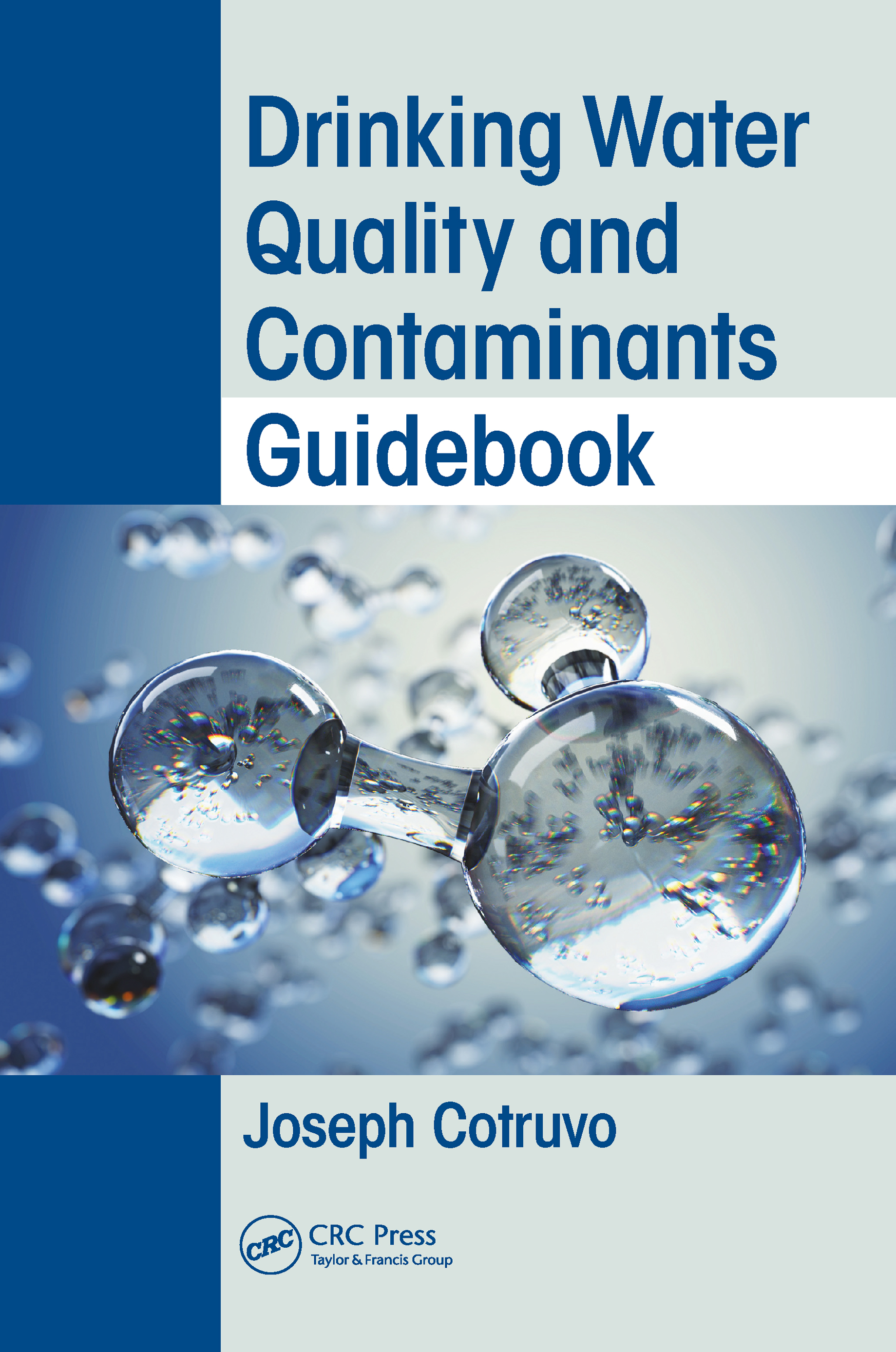
Drinking Water Quality and Contaminants Guidebook K347191 BCC Drinking water quality is a sensitive issue, and the public is constantly barraged by contaminant reports now routinely at parts-per-trillion. Protection from microbial disease risks from drinking water must always be predominant; trace chemicals usually fall farther down the scale of possible health risks, but even negligible detections raise public concerns. Drinking Water Quality and Contaminants Guidebook presents information and guidance on drinking water quality and regulatory issues reflecting experiences and judgments from the author’s more than 43 years of extensive experience. It contains digested comprehensive information on important chemical, microbial, and radionuclide water contaminants, and discussions of several drinking water-related policy issues. Information is presented for long-standing regulated contaminants and chemicals of emerging concern in understandable terms for professionals and non-experts alike. Dossiers contain readily accessed information on sources, physical and chemical properties, toxicity, analytical methodology, water treatment technology, regulations and health advisories, and also include World Health Organization Guidelines. Aesthetic and acceptance factors such as water hardness and salinity that influence public perceptions of drinking water quality are also addressed. Features: Compiles and interprets essential information on numerous key chemical, microbial, and radionuclide water contaminants Provides standardized entries for each contaminant, including occurrence, health, analytical, water treatment, regulations, and World Health Organization guidance and recommendations with source citations Examines many water-related topics including fracking, potable water reuse, desalination, boil water notices, bottled water, foodborne and waterborne disease, and public perceptions about public drinking water quality Provides essential information and the basis for management of many long-standing contaminants such as lead, mercury, disinfection by-products, E. coli, and also emerging issues such as legionella, glyphosate, BPA, and more TECHNOLOGY & ENGINEERING,Environmental,General
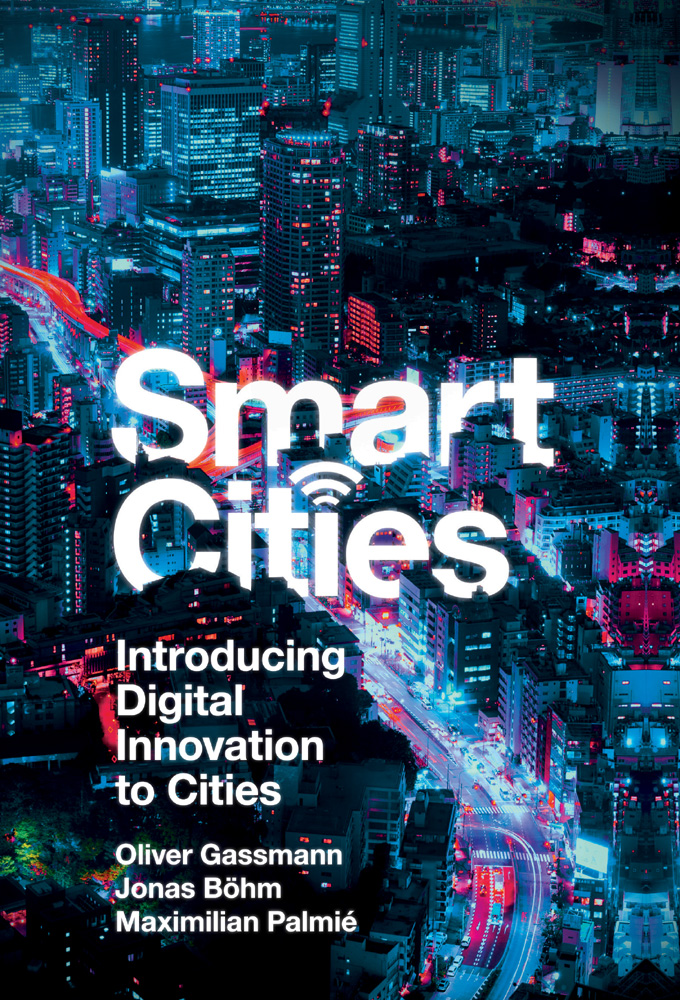
Smart Cities Transforming cities through digital innovations is becoming an imperative for every city. However, city ecosystems widely struggle to start, manage and execute the transformation. This book aims to give a comprehensive overview of all facets of the Smart City transformation and provides concrete tools, checklists, and guiding frameworks. TECHNOLOGY & ENGINEERING,Environmental,General
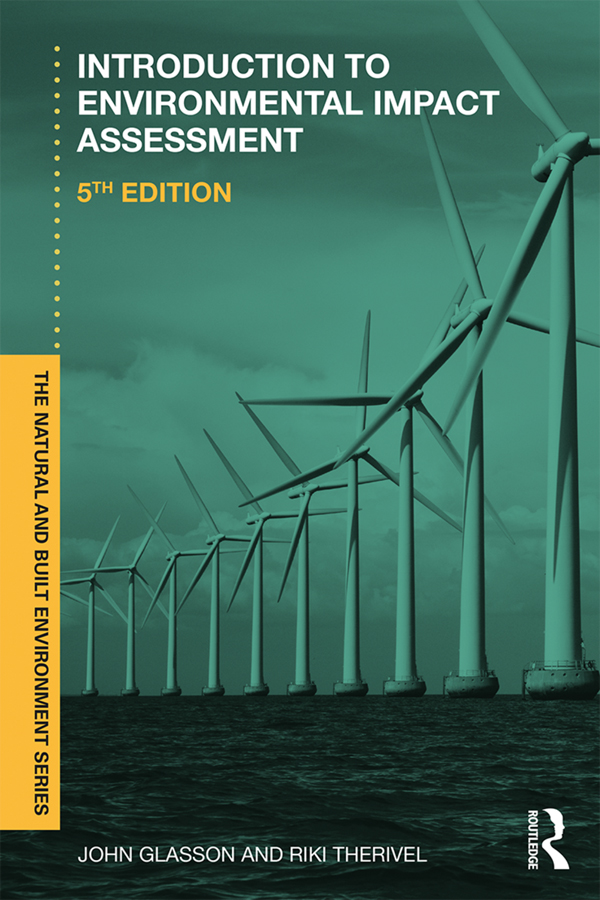
Introduction To Environmental Impact Assessment A comprehensive, clearly structured and readable overview of the subject, Introduction to Environmental Impact Assessment has established itself as the leading introduction to EIA worldwide. This fifth edition is a major update reflecting many significant changes in EIA procedures, process, practice and prospects over the last decade. In particular, it includes: a much more international dimension, drawing on EIA activities worldwide; an up-to-date coverage of the revised EU EIA Directive and its implementation; the associated update of contemporary UK procedures and practice; best practice on evolving methods in the EIA process; a rich array of UK and many international case studies; a new coverage of emerging EIA impact topics, including equality/deprivation; culture; resettlement; climate change; ecosystem services; and risk, resilience and cumulative impacts; an appraisal of some next steps in the EIA process, including a more effective and proportionate EIA; the impact of technological change; the changing interpretation of the project; project implementation, monitoring and adaptive management; and moves towards a more integrated impact assessment. Together, these topics act as a kind of action list for future EIA; the development of SEA legislation and practice in the UK, EU and worldwide; and a set of appendices containing key legislation and an EIS review framework. It is also makes full use of colour illustrations and chapter questions for discussion. Written by two authors with extensive research, training and consultancy experience of EIA, this book brings together the most up-to-date information from many sources. Introduction to Environmental Impact Assessment 5th Edition provides a complete, and critical, introductory text that also supports further studies. Students in undergraduate and postgraduate planning programmes will find it essential as a course text, as will students of environmental management/policy, environmental sciences/studies, geography and built environment. Key stakeholders involved in assessment activities – planners, developers, community groups, pressure groups and decision-makers in government and business – will also welcome this latest edition as a very effective means of getting to grips with the many facets of this important and evolving subject that affects a widening range of development projects. TECHNOLOGY & ENGINEERING,Environmental,General

Microbial Metabolism of Xenobiotic Compounds Xenobiotic compounds including pesticides, nitrophenols, pyridine, polycyclic aromatic compounds and polychlorinated biphenyls are widely spread in environment due to anthropogenic activities. Most of them are highly toxic to living beings due to their mutagenic and carcinogenic properties. Therefore, the removal of these compounds from environment is an essential step for environmental sustainability. Microbial remediation has emerged as an effective technology for degradation of these xenobiotic compounds as microorganisms have unique ability to utilize these compounds as their sole source of carbon and energy. The primary goal of this book is to provide detailed information of microbial degradation of many xenobiotic compounds in various microorganisms. TECHNOLOGY & ENGINEERING,Environmental,General
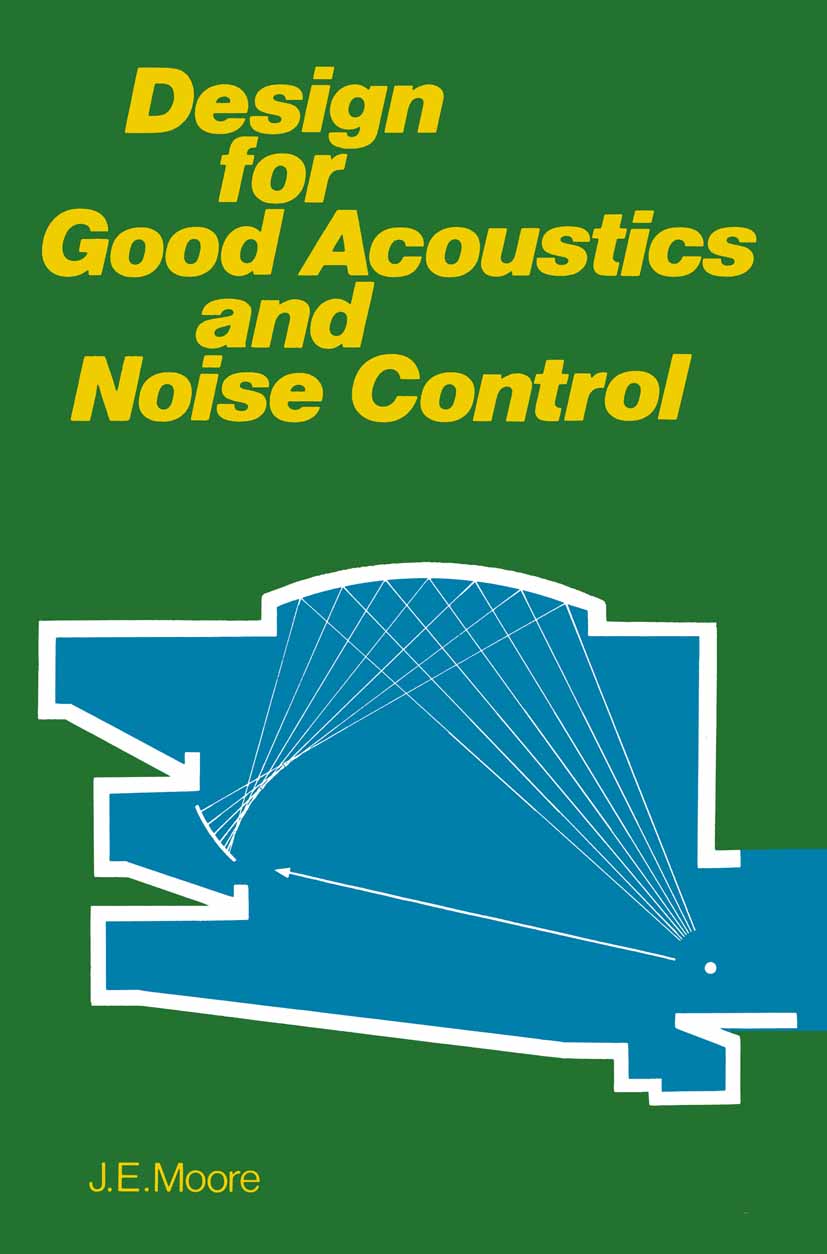
Design for Good Acoustics and Noise Control TECHNOLOGY & ENGINEERING,Environmental,General
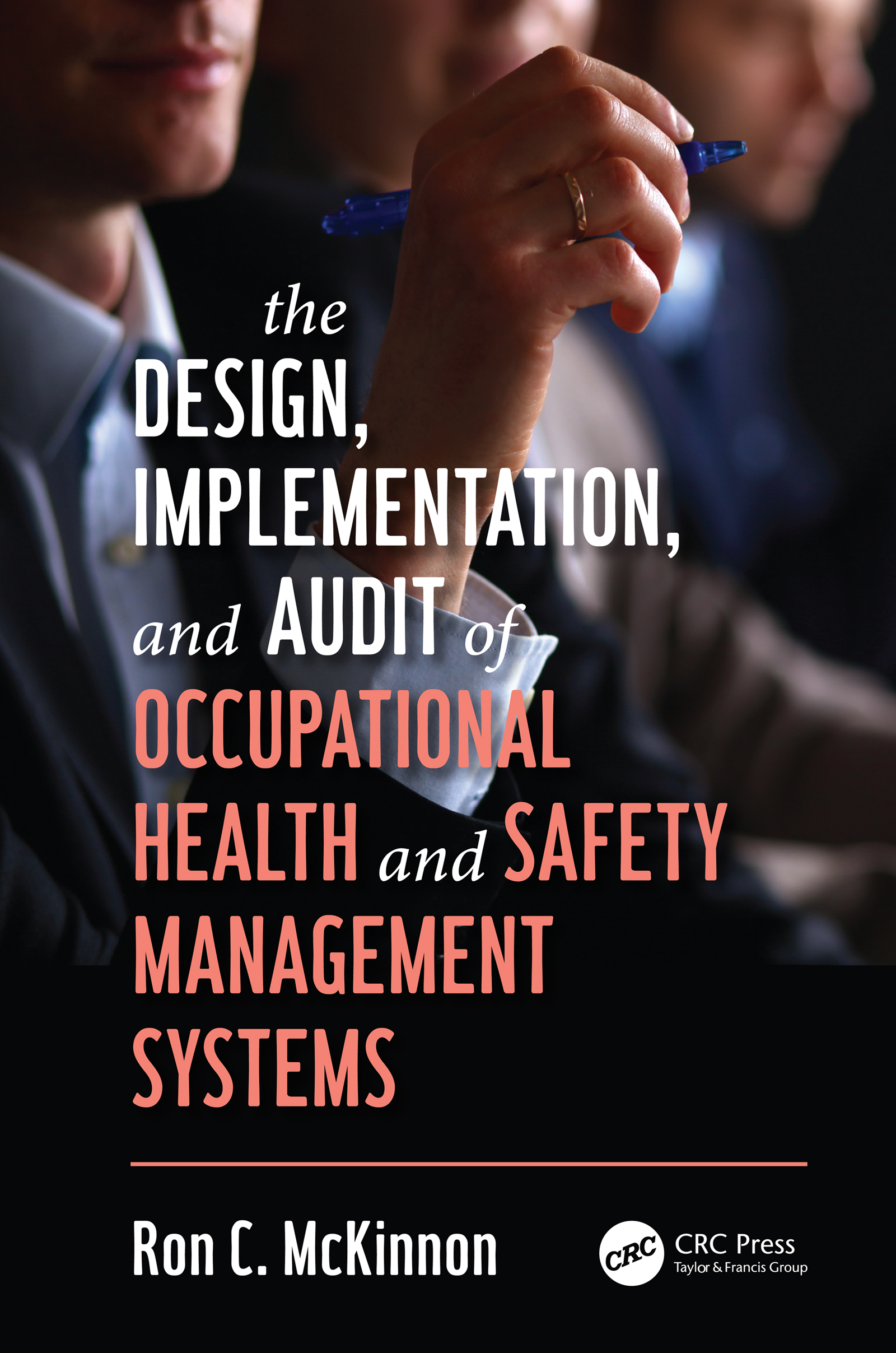
The Design, Implementation, and Audit of Occupational Health and Safety Management Systems This book covers the design, implementation, and auditing of structured occupational health and safety management systems (SMS), sometimes referred to as safety programs. Every workplace has a form of SMS in place as required by safety regulations and laws. The Design, Implementation, and Audit of Occupational Health and Safety Management Systems describes some of the elements that constitute an SMS, the implementation process, and the auditing of the conformance to standards. It covers more than 60 processes, programs, or standards of a system, and gives important background information on each element. Guidelines and examples show how to design and implement the risk-based processes, programs and standards, and how to audit them against standards. The text is based on actual SMS implementation experiences across a wide range of industries. It offers a roadmap to any organization which has no structured SMS. It will guide them through the process of upgrading their health and safety processes to conform to local and international standards. It will lead them away from relying on reactive safety measures such as injury rates, to proactive actions which are measured by the audit of the system. Features Covers more than 60 elements of a safety management system (SMS) Provides practical examples of how to design, implement, and audit a structured SMS Based on actual SMS implementation experience across a wide range of industries Presents the integration of an SMS into the day-to-day functions of the organization TECHNOLOGY & ENGINEERING,Environmental,General

Environmental Biotechnology Publisher's Note: Products purchased from Third Party sellers are not guaranteed by the publisher for quality, authenticity, or access to any online entitlements included with the product. The classic environmental biotechnology textbook—fully updated for the latest advances This thoroughly revised educational resource presents the biological principles that underlie modern microbiological treatment technologies. Written by two of the field’s foremost researchers, Environmental Biotechnology: Principles and Applications, Second Edition, clearly explains the new technologies that have evolved over the past 20 years, including direct anaerobic treatments, membrane-based processes, and granular processes. The first half of the book focuses on theory and tools; the second half offers practical applications that are clearly illustrated through real-world examples. Coverage includes: • Moving toward sustainability• Basics of microbiology• Biochemistry, metabolism, genetics, and information flow• Microbial ecology• Stoichiometry and energetics• Microbial kinetics and products• Biofilm kinetics• Reactor characteristics and kinetics• Methanogenesis• Aerobic suspended-growth processes• Aerobic biofilm processes• Nitrogen transformation and recovery• Phosphorus removal and recovery• Biological treatment of drinking water TECHNOLOGY & ENGINEERING,Environmental,General
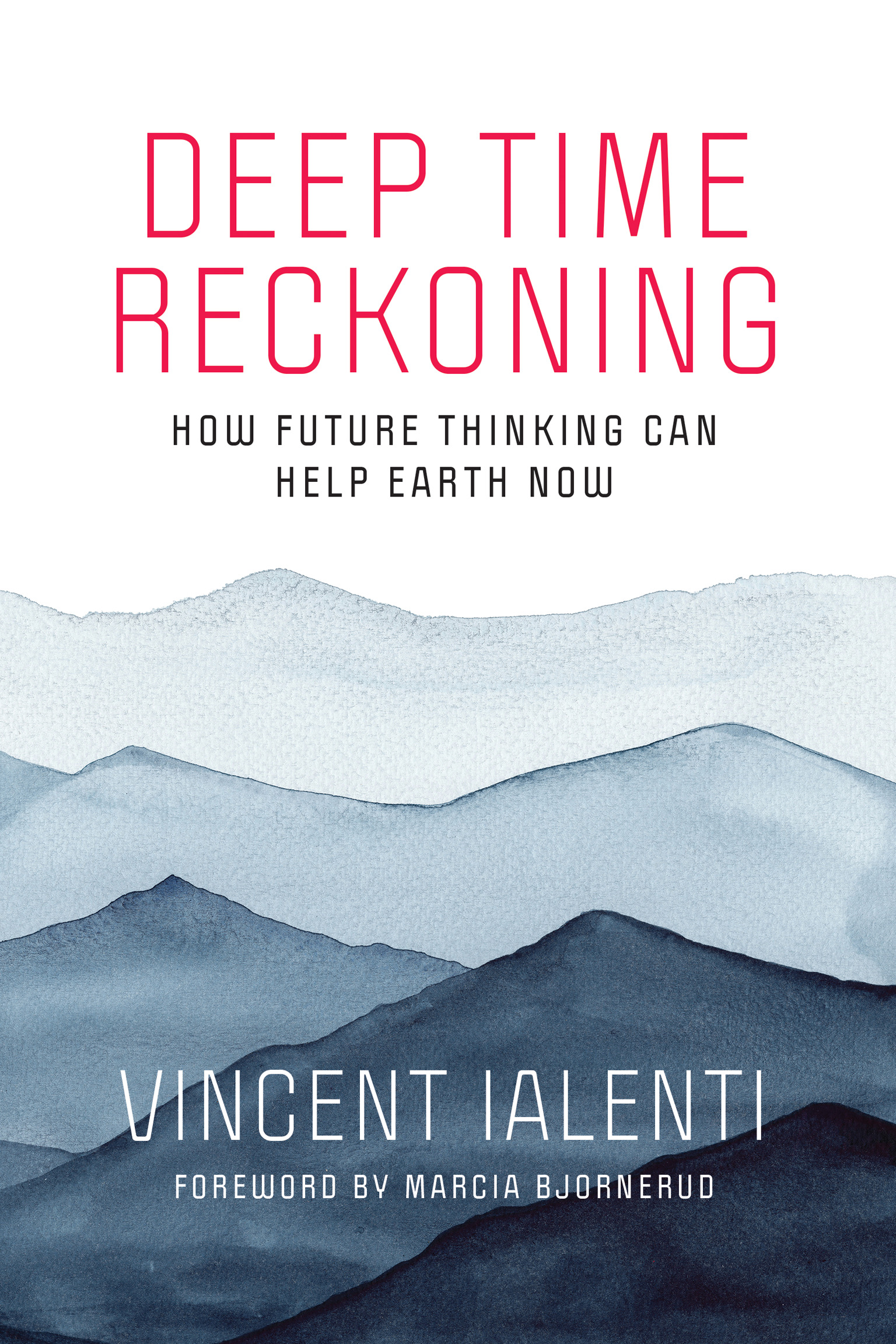
Deep Time Reckoning A guide to long-term thinking: how to envision the far future of Earth. We live on a planet careening toward environmental collapse that will be largely brought about by our own actions. And yet we struggle to grasp the scale of the crisis, barely able to imagine the effects of climate change just ten years from now, let alone the multi-millennial timescales of Earth's past and future life span. In this book, Vincent Ialenti offers a guide for envisioning the planet's far future--to become, as he terms it, more skilled deep time reckoners. The challenge, he says, is to learn to inhabit a longer now. TECHNOLOGY & ENGINEERING,Environmental,General
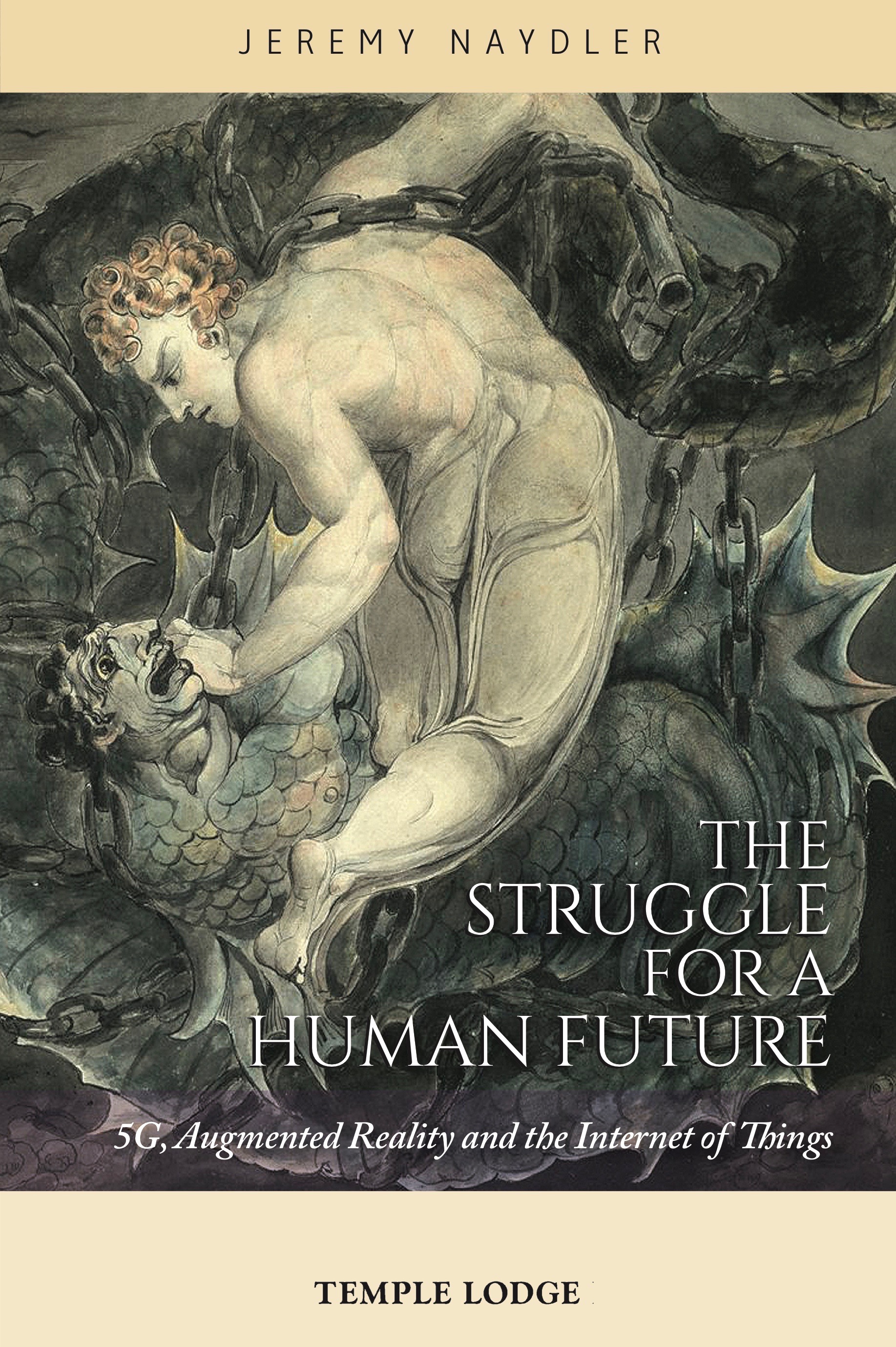
The Struggle for a Human Future With its wireless networks encompassing the globe, the Digital Revolution is altering the very fabric of our lives with alarming rapidity. New technologies are bringing about an ever closer union between human beings and machines, whilst at the same time transforming our planet into an increasingly hybrid ‘cyber-physical’ world. The current rollout of fifth generation wireless communication networks, or 5G, is central to the project to create a global ‘electronic ecosystem’, in which we will be obliged to live. This will provide the basis for an all-pervasive Internet of Things, and the widespread integration of Augmented and Virtual Reality into human experience. But what genuine human needs will this serve? Does the planet really need to be made ‘smart’? Will our health, and that of other living creatures, really be unaffected by exposure to escalating levels of electromagnetic radiation? As we enter a new era of extreme technology, driven by a momentum that seems beyond the constraint of any spiritual or moral consideration, both human beings and nature face an unprecedented challenge. Jeremy Naydler argues that it is a challenge that can only be met through a re-affirmation of essential human values and the recovery of a sacred view of nature. From this grounding, we can work towards a truly human future that, rather than creating yet more pollution and toxicity, will bring blessing to the natural world to which we belong. ‘Jeremy Naydler has become, in my judgement, one of the most interesting and original living writers in Britain.’ – Professor Bruce G. Charlton, author of Addicted to Distraction TECHNOLOGY & ENGINEERING,Environmental,General
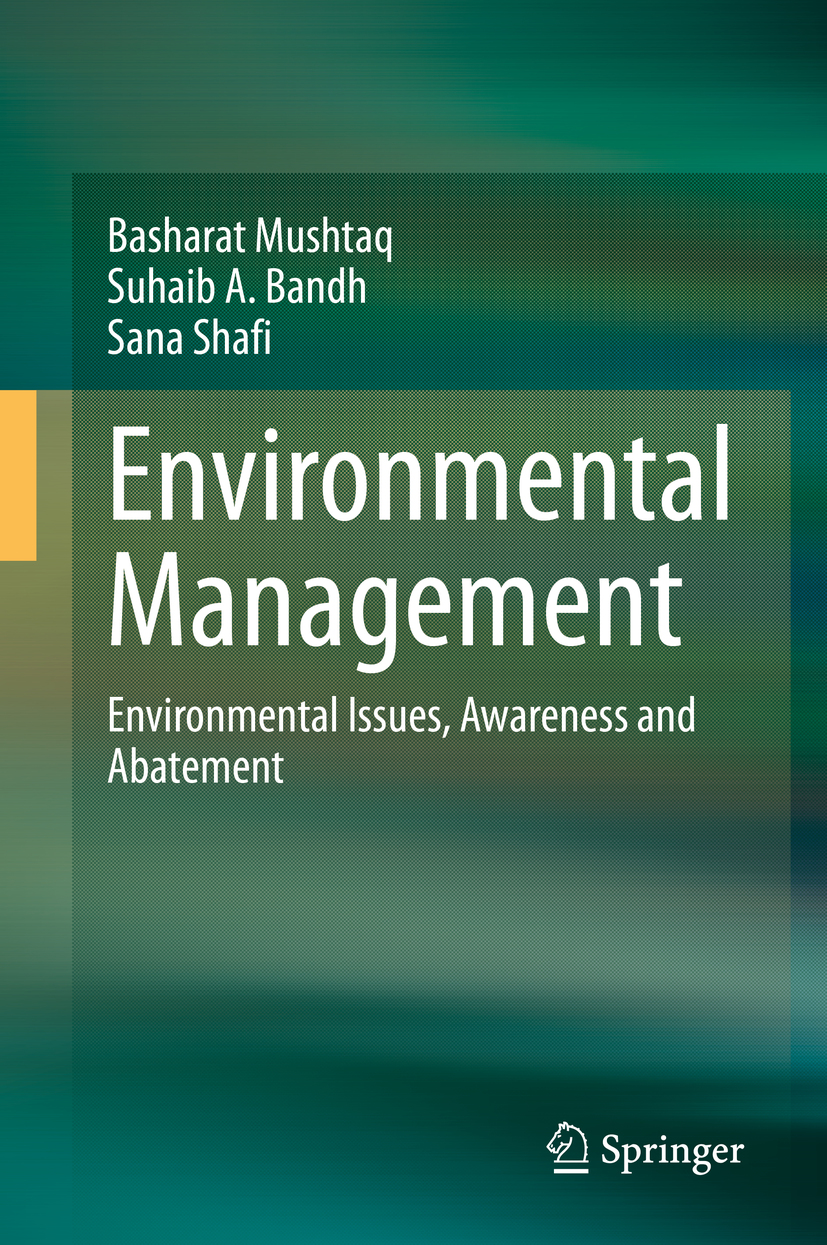
Environmental Management In the current age of science and technology, our lives have become dominated by countless scientific and technological innovations without which the earth would be a much poorer place. Life as we know would become absolutely bleak and boring without the inventions and advances being made all over the globe. In fact, scientific inventions, discoveries and innovations have ushered in a dramatic revolution in virtually every sphere of life. But at the same time, the skewed use of technology is at loggerheads with the environment. We, and our environment, now face a number of critical challenges and it is in response to this that we wrote this book to raise awareness for environmental issues and related management aspects. With a primary focus on Environmental Management – the rational reconciliation of man and nature, which involves the judicious exploitation and utilization of natural resources without disturbing the ecosystem’s balance – it will thus help to improve the relationship between man and environment. Moreover, it offers a wealth of ready-to-use material for advanced undergraduate and graduate students of Environment and Water Management. The book systematically addresses a range of key aspects, e.g. scientific principles, methods and ideas, as well as life-long learning skills for students. Further, it provides a solid foundation for applying scientific approaches to environmental problems. TECHNOLOGY & ENGINEERING,Environmental,General
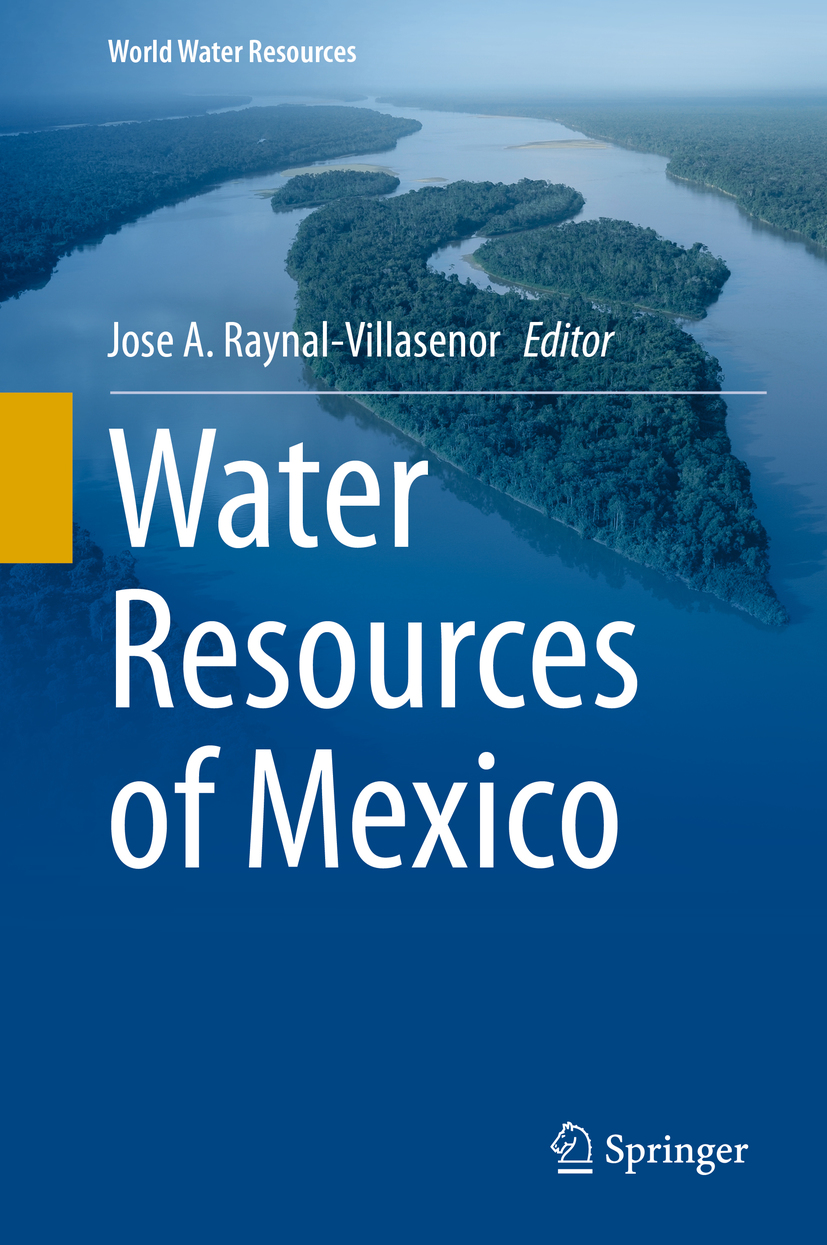
Water Resources of Mexico This comprehensive volume presents the topic of water resources of Mexico from a different angle. Besides covering the geohydrology it also offers a brief account of the ancient water resources works, explains from where the water is coming, how the water is being used in homes and in the industry, how the dams are operated in the hurricane season, some aspects of the water-energy-food securities nexus and the expectations for the future in connection with global climate change. The book is of interest to every one connected with the water resources of Mexico, e.g. federal and state employees of agencies related with water management, water supply and wastewater treatment. It is also of value to those in academia and employed at water related professional associations and the general public. TECHNOLOGY & ENGINEERING,Environmental,General
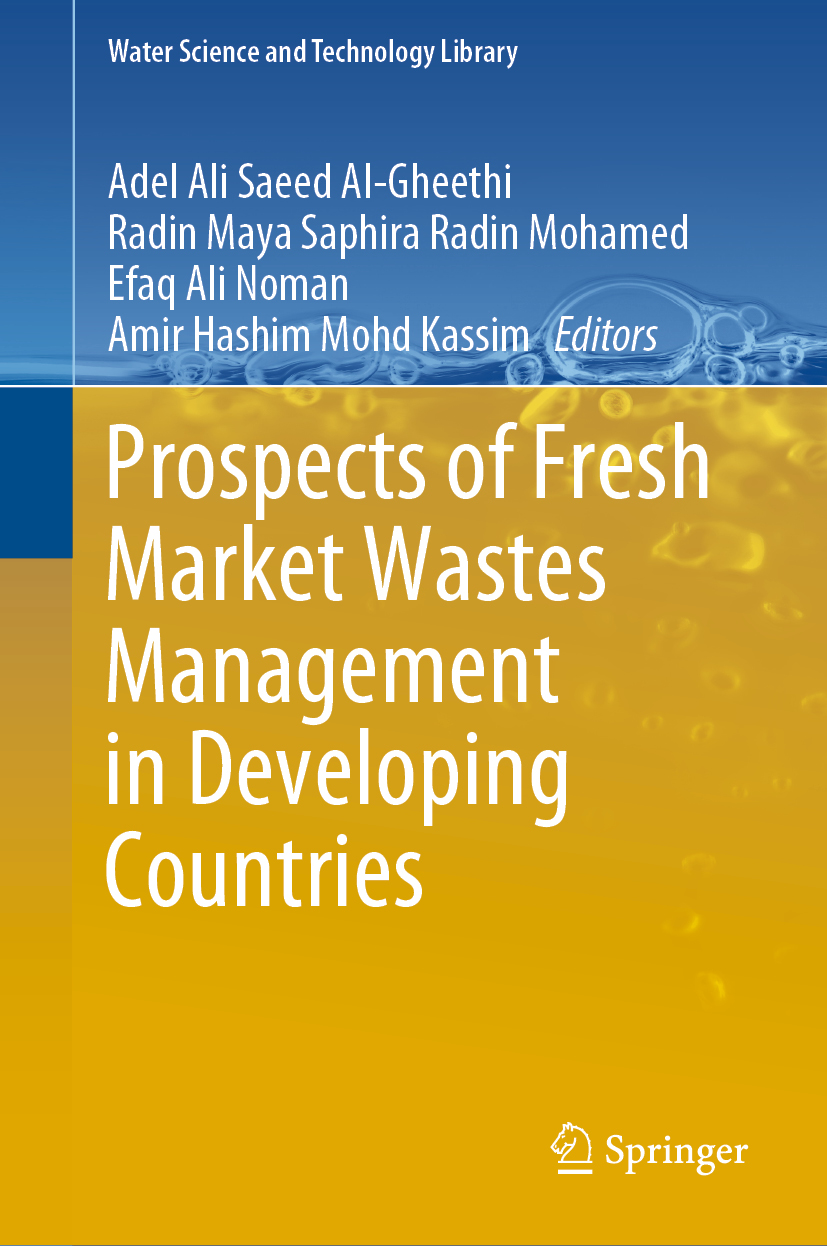
Prospects of Fresh Market Wastes Management in Developing Countries This book focuses on the prospects of fresh market waste management in developing countries. It characterizes fresh market wastewater and solid wastes, and highlights the human health impact of corresponding waste management practices. With regard to treatment technologies, the book discusses the anaerobic digestion of fresh solid wastes; the application of natural coagulants for wastewater treatment; the remediation of xenobiotics in wastewater using nanotechnology; and biofilter aquaponic systems for nutrient removal. All of these technologies are recent innovations, offer several concrete advantages, and can be applied in developing countries as non-central treatment systems. In addition, the book covers electricity production from fresh solid wastes using microbial fuel cells, demonstrating the potential held by recycling fresh market wastewater and solid wastes. TECHNOLOGY & ENGINEERING,Environmental,General

Ecosystem Services for Urban Water Security The book addresses the challenges of urban water security and adaptive management in Sub-Saharan Africa, exploring and interlinking novel concepts of ecosystems services, watershed investments, and boundary work. Specifically, the book’s goals are to (i) present a conceptual framework for the urban water sector from an ecosystem services perspective, highlighting the specificities of the Sub-Saharan context; (ii) develop an operational approach to designing and assessing the impacts of watershed investments, based on ecosystem services and boundary work; and (iii) test the approach through a case study in Asmara, Eritrea, and discuss the findings and lessons learned that can be applied in other contexts. Through a fully worked out case study, from identification of water challenges and opportunities to spatially explicit modelling, the book offers a sound and accessible, coverage of issues and proposed solutions to better operationalize ecosystem services, watershed investments and boundary work, to promote adaptive management, and achieve water security in the context of rapidly developing cities in Sub-Saharan Africa. The book is an effective tool for capacity building of diverse stakeholders on the urban water sector, including water managers, local and national policy-makers as well as a suitable resource for both undergraduate and post-graduate courses in planning and geography. TECHNOLOGY & ENGINEERING,Environmental,General
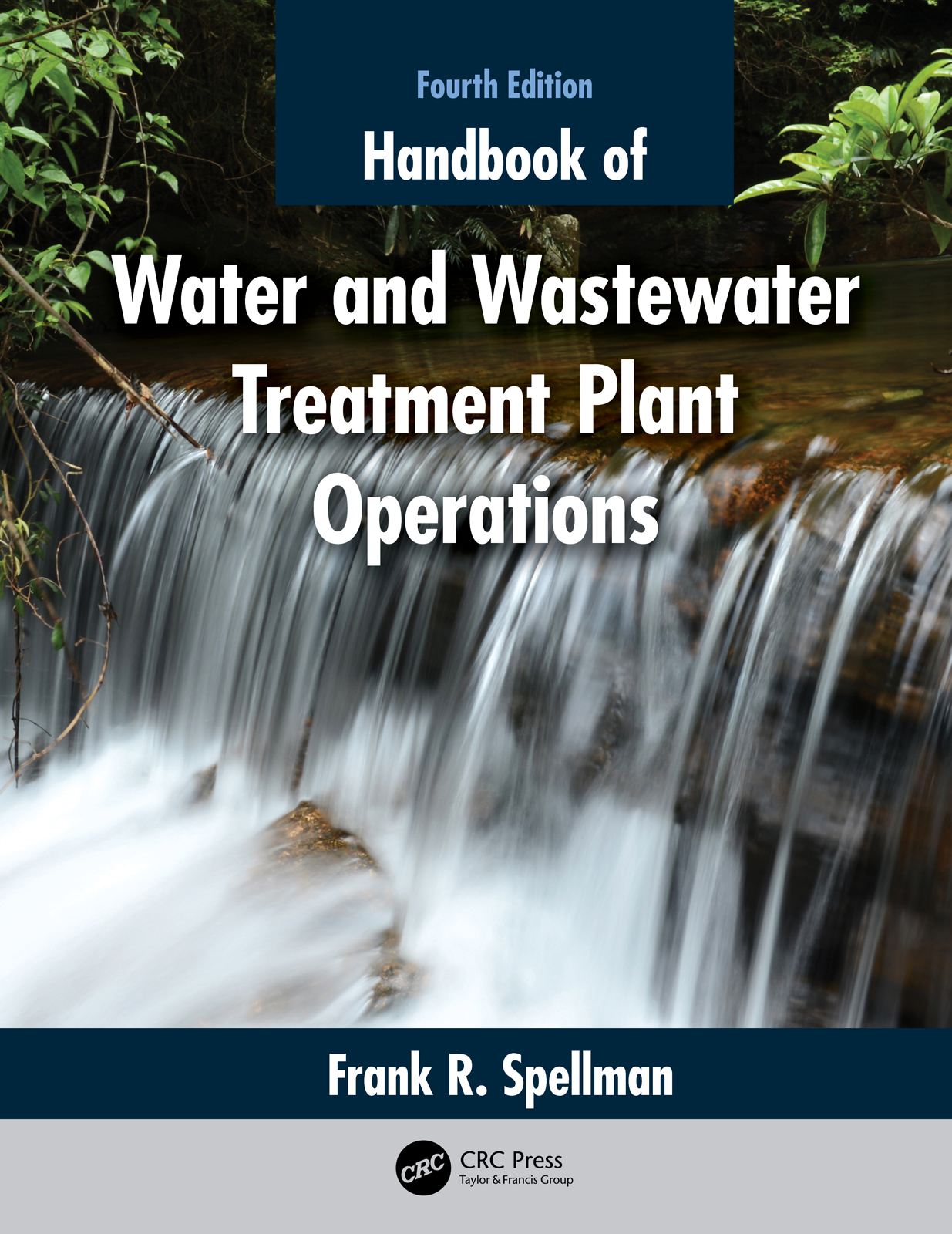
Handbook of Water and Wastewater Treatment Plant Operations The Handbook of Water and Wastewater Treatment Plant Operations is the first thorough resource manual developed exclusively for water and wastewater plant operators. Now regarded as an industry standard, this fourth edition has been updated throughout, and explains the material in easy-to-understand language. It also provides real-world case studies and operating scenarios, as well as problem-solving practice sets for each scenario. Features: Updates the material to reflect the developments in the field Includes new math operations with solutions, as well as over 250 new sample questions Adds updated coverage of energy conservation measures with applicable case studies Enables users to properly operate water and wastewater plants and suggests troubleshooting procedures for returning a plant to optimum operation levels Prepares operators for licensure exams A complete compilation of water science, treatment information, process control procedures, problem-solving techniques, safety and health information, and administrative and technological trends, this text serves as a resource for professionals working in water and wastewater operations and operators preparing for wastewater licensure exams. It can also be used as a supplemental textbook for undergraduate and graduate students studying environmental science, water science, and environmental engineering. TECHNOLOGY & ENGINEERING,Environmental,General
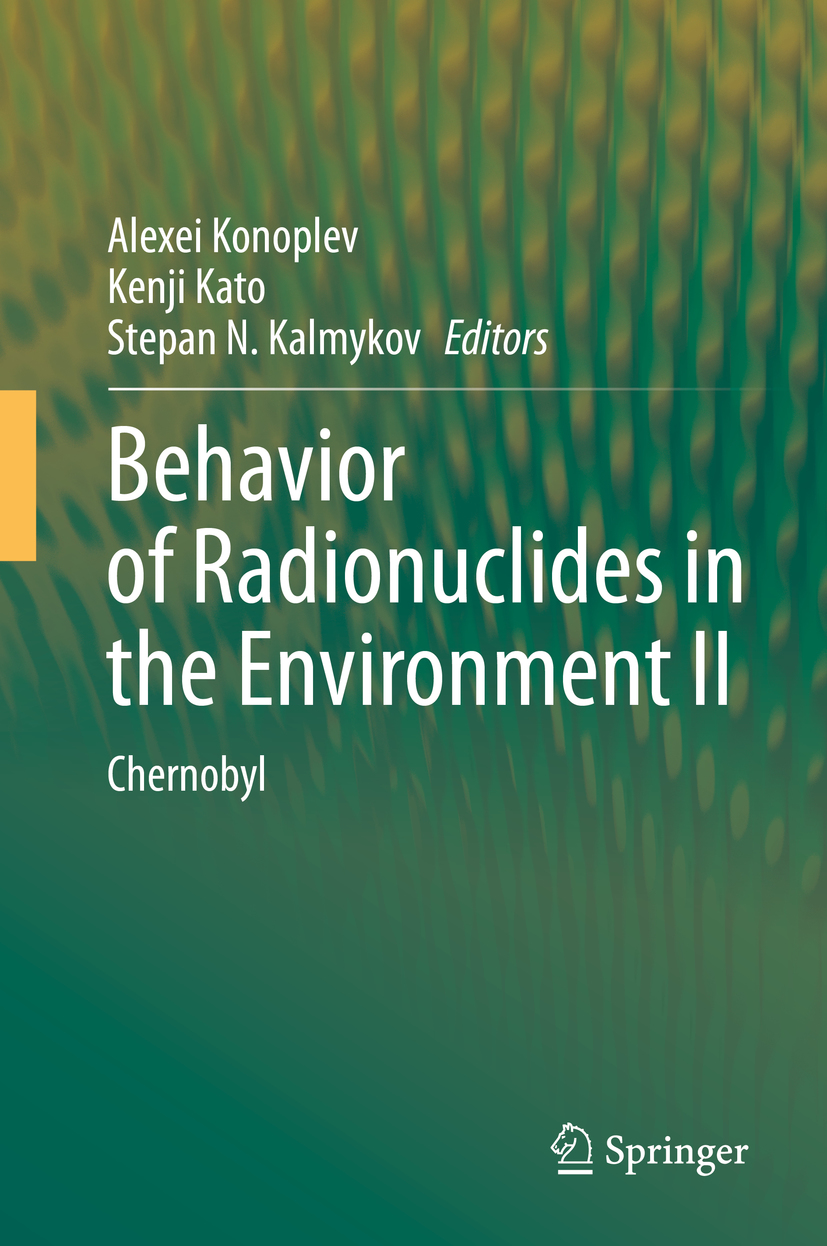
Behavior of Radionuclides in the Environment II This is Volume II in a three-volume set on the Behavior of Radionuclides in the Environment, focusing on Chernobyl. Now, so many years after the Chernobyl accident, new data is emerging and important new findings are being made. The book reviews major research achievements concerning the behavior of Chernobyl-derived radionuclides, including their air transport and resuspension, mobility and bioavailability in the soil-water environment, vertical and lateral migration in soils and sediments, soil-to-plant and soil-to-animal transfer, and water-to-aqueous biota transfer. The long-term dynamics of radionuclides in aquatic ecosystems are also discussed, in particular, the heavily contaminated cooling pond of the Chernobyl Nuclear Power Plant, which is in the process of being decommissioned. Lessons learned from long-term research on the environmental behavior of radionuclides can help us understand the pathways of environmental contamination, which, in turn, will allow us to improve methods for modeling and predicting the long-term effects of pollution. This book features a wealth of original data and findings, many of which have never been published before, or were not available internationally. The contributing authors are experts from Ukraine, Russia and Belarus with more than 30 years of experience investigating Chernobyl-derived radionuclides in the environment. The content presented here can help to predict the evolution of environmental contamination following a nuclear accident, and specifically the Fukushima Dai-ichi nuclear power plant accident. TECHNOLOGY & ENGINEERING,Environmental,General
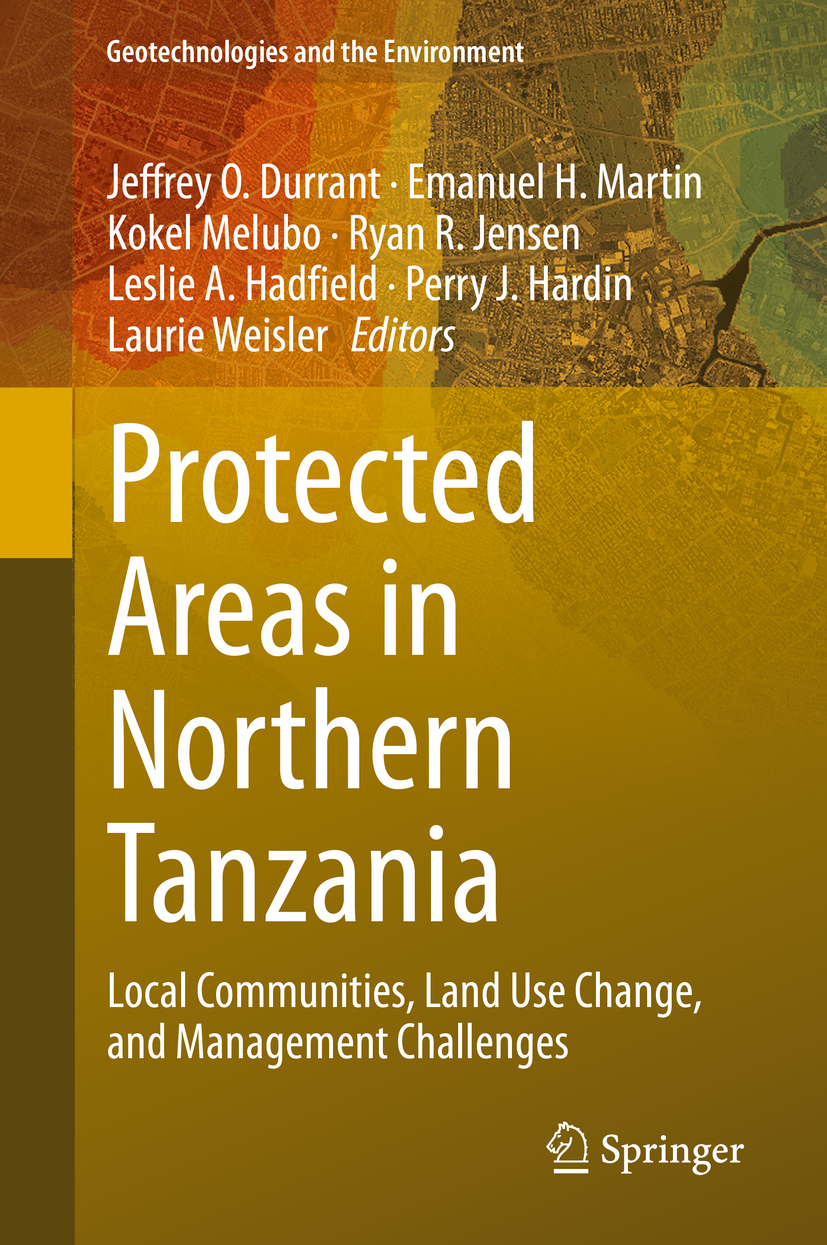
Protected Areas in Northern Tanzania Northern Tanzania is an important and diverse ecological and cultural region with many protected lands. This book, Protected Areas in Northern Tanzania, brings to the forefront research on significant issues and developments in conservation and management in national parks and protected lands in northern Tanzania. The book draws attention to issues at the intersection of conservation, tourism, and community livelihood, and several studies use geospatial technologies—Geographic Information Systems and remote sensing data and techniques—to study land use and land cover conversion. With contributions from professors at the Mweka College of African Wildlife Management located at the foot of Mount Kilimanjaro and other Tanzanian researchers, the book provides important perspectives of local experts and practitioners. Protected Areas in Northern Tanzania provides a significant contribution in research and technological advancement in the areas of wildlife conservation and protected land management throughout this critical region. TECHNOLOGY & ENGINEERING,Environmental,General
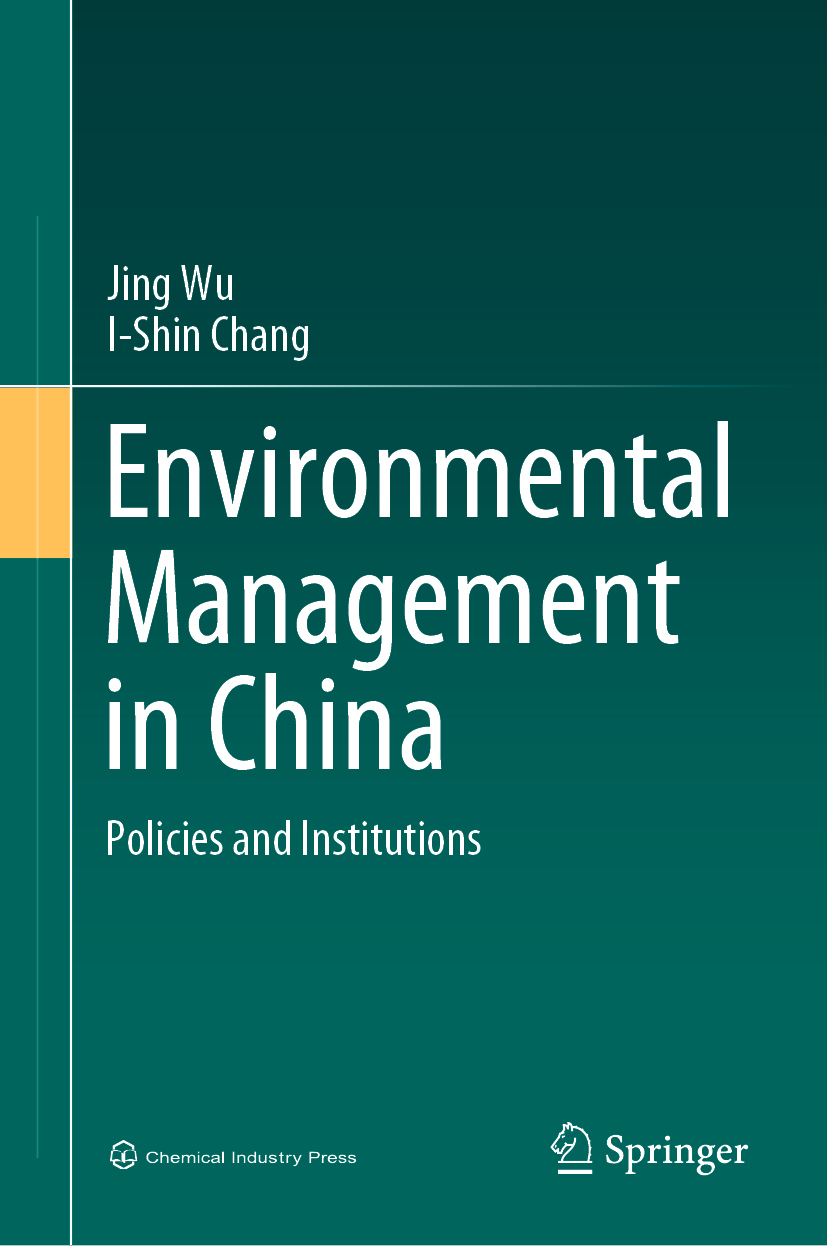
Environmental Management in China This book details various stages in the introduction, establishment and evolution of China’s environmental management system. By combining a literature review, comparative analysis, and case study, it investigates the environmental management system in several key periods in order to systematically assess the necessary measures and appropriate adjustments the Chinese Government implemented to reconcile the growing conflicts between economic development and resources conservation, in the context of rapid economic growth and economic transformation. Given its scope, the book offers a valuable resource for experts, scholars, and government officials in related fields. TECHNOLOGY & ENGINEERING,Environmental,General
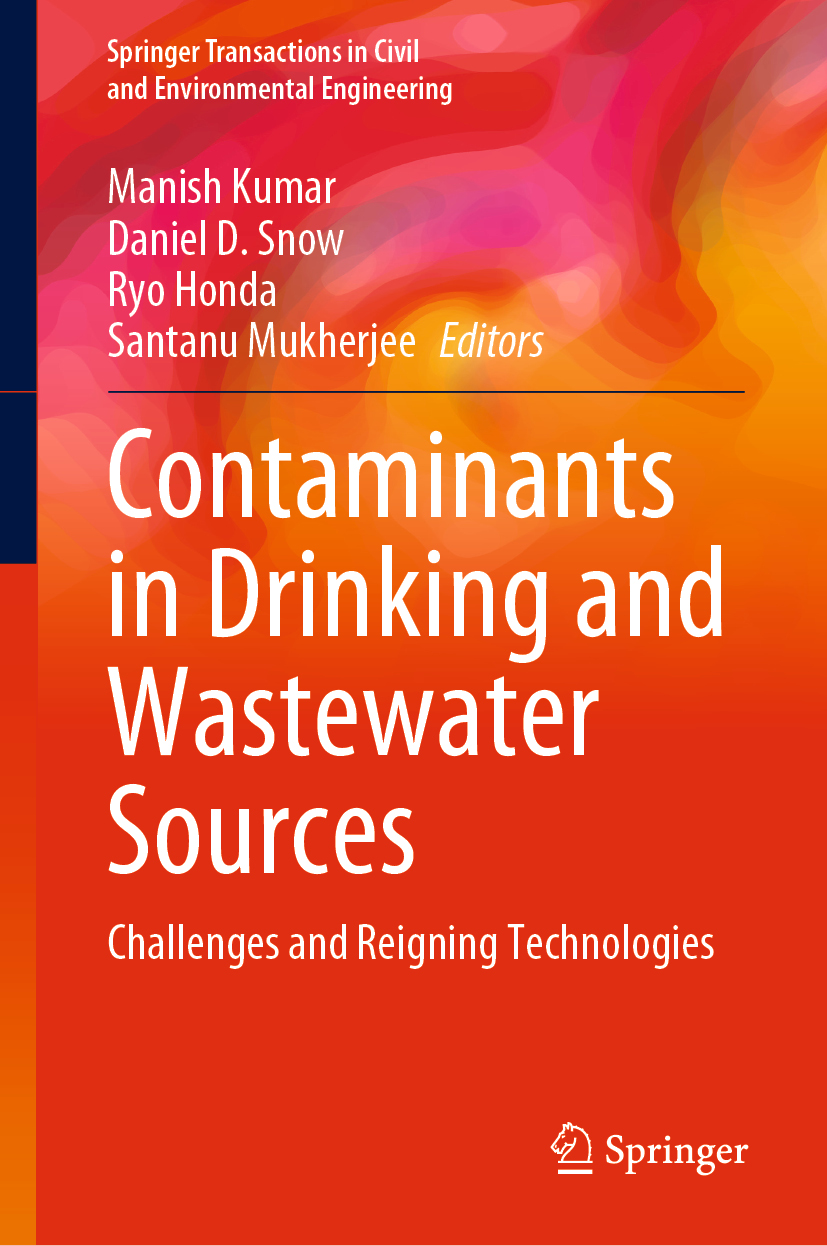
Contaminants in Drinking and Wastewater Sources This volume takes a multidisciplinary approach to study and evaluate the global human vulnerability to the exposure of contaminants of emerging concern (CECs) in the natural environment. It provides a comprehensive resource on structurally diverse groups of chemical compounds that have adverse effects on the aquatic environment. It explores the global strength, environmental status, chemical risk assessment and management strategies of CECs with relevant modern techniques. The principle focus is on concurrent emerging water quality issues. It defines the impacts of the environmental exposure of trace concentrations of CECs and/or their metabolites and discusses possible technological advances to combat the emerging pollutants. It will be useful to researchers, multi-stakeholder expert groups, policymakers, and graduate students. TECHNOLOGY & ENGINEERING,Environmental,General
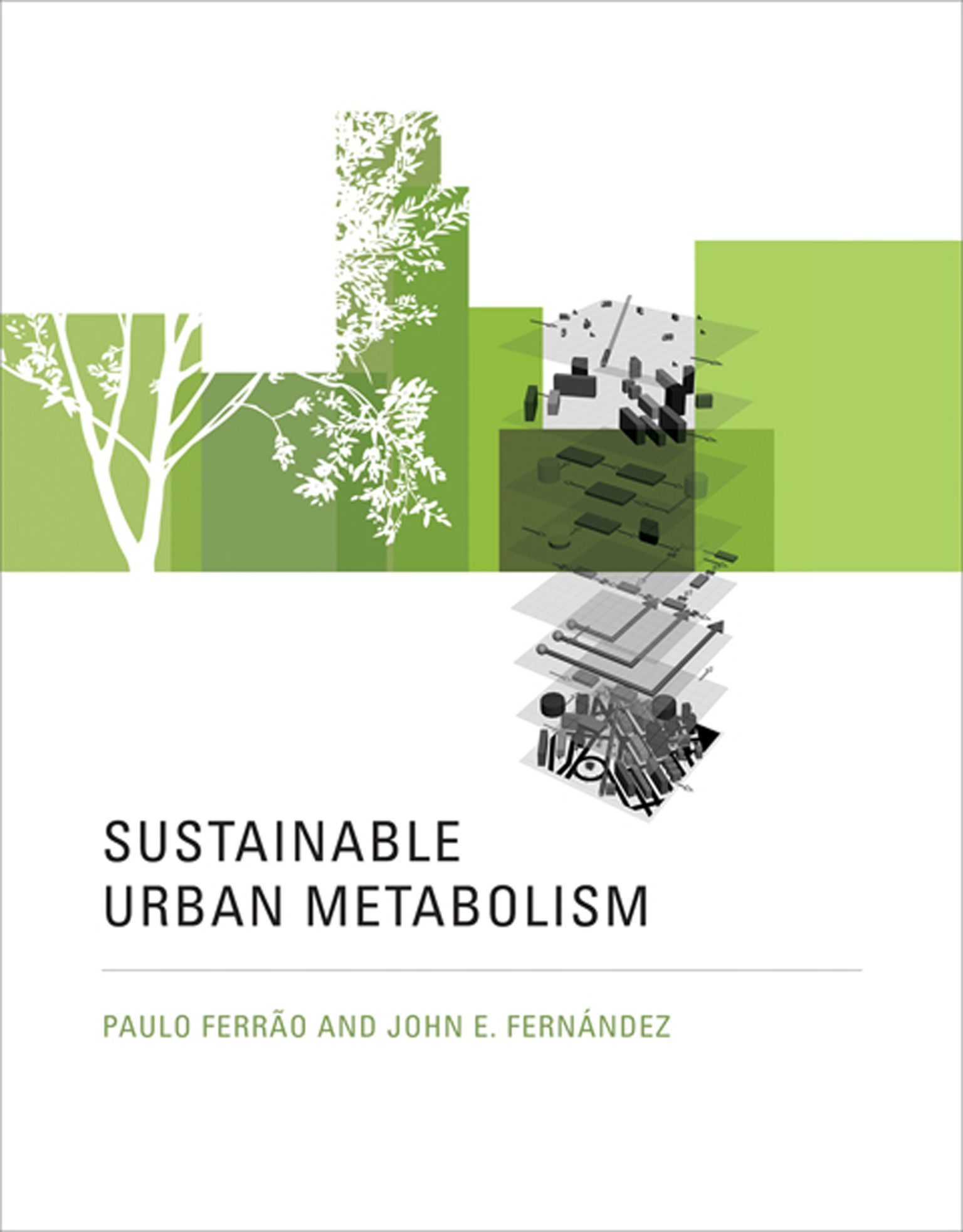
Sustainable Urban Metabolism A unified framework for analyzing urban sustainability in terms of cities' inflows and outflows of matter and energy. Urbanization and globalization have shaped the last hundred years. These two dominant trends are mutually reinforcing: globalization links countries through the networked communications of urban hubs. The urban population now generates more than eighty percent of global GDP. Cities account for enormous flows of energy and materials—inflows of goods and services and outflows of waste. Thus urban environmental management critically affects global sustainability. In this book, Paulo Ferrão and John Fernández offer a metabolic perspective on urban sustainability, viewing the city as a metabolism, in terms of its exchanges of matter and energy. Their book provides a roadmap to the strategies and tools needed for a scientifically based framework for analyzing and promoting the sustainability of urban systems. Using the concept of urban metabolism as a unifying framework, Ferrão and Fernandez describe a systems-oriented approach that establishes useful linkages among environmental, economic, social, and technical infrastructure issues. These linkages lead to an integrated information-intensive platform that enables ecologically informed urban planning. After establishing the theoretical background and describing the diversity of contributing disciplines, the authors sample sustainability approaches and tools, offer an extended study of the urban metabolism of Lisbon, and outline the challenges and opportunities in approaching urban sustainability in both developed and developing countries. TECHNOLOGY & ENGINEERING,Environmental,General
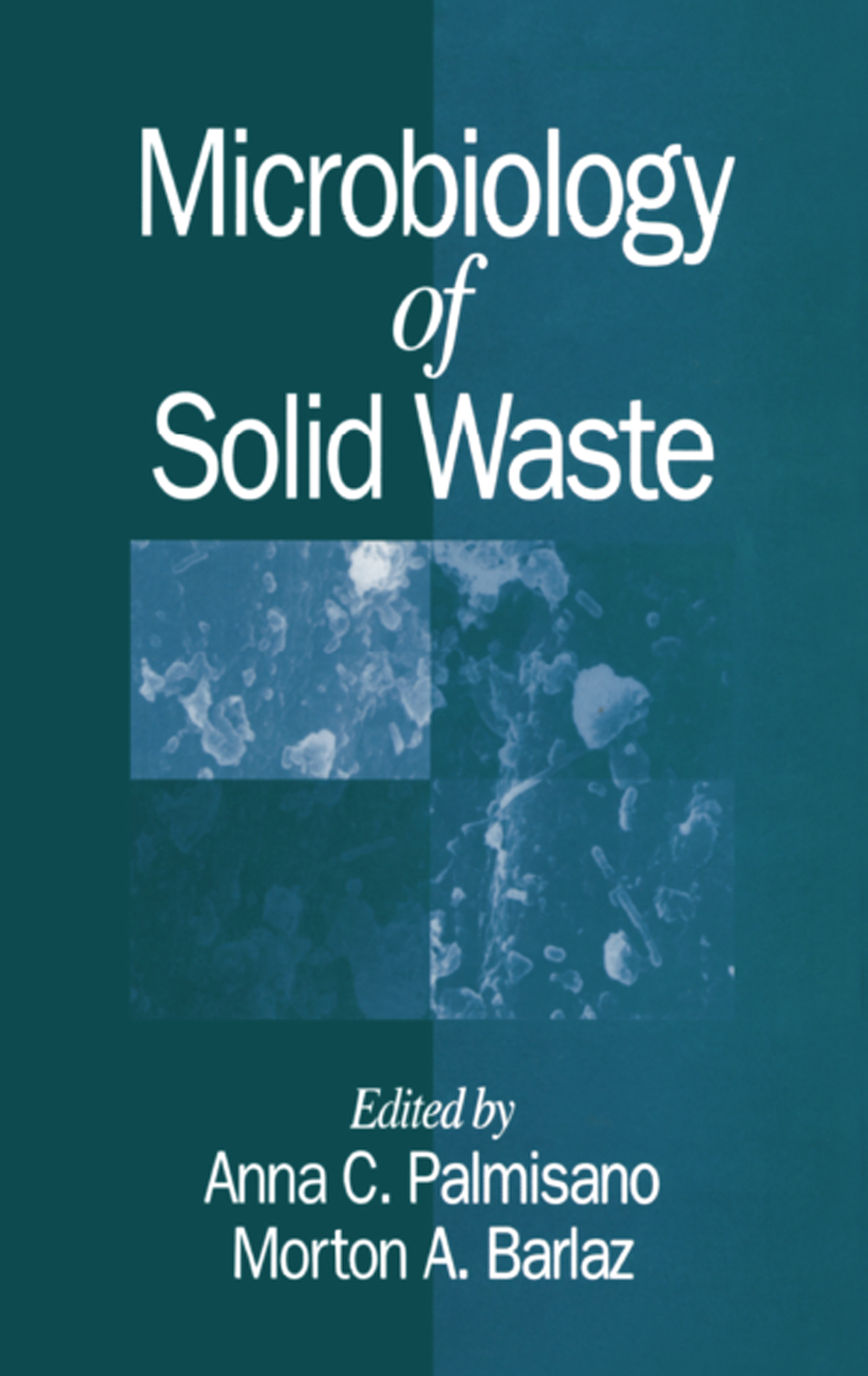
Microbiology of Solid Waste Interest in solid waste disposal has been growing since the early 1960s, when researchers emphasized the potential for solid waste to harbor pathogenic microorganisms. Since then, society has become more interested in the environmental impacts of solid waste treatment and disposal, and how biological processes are used to minimize these impacts. This new text provides a basic understanding of the unique microbial ecosystems associated with the decomposition of municipal solid waste (MSW). It addresses the challenges of sampling and assaying microbial activities in MSW and describes preferred methods. The decomposition of MSW under anaerobic conditions in landfills and digestors is described, as well as under aerobioconditions during composting.The Microbiology of Solid Wastes discusses the need to consider MSW as an integrated system of collection, recycling, treatment, and disposal. A better understanding of solid waste microbiology will contribute to safe and economical solid waste management. Microbiologists, environmental engineers, and solid waste managers will all find this a useful reference. TECHNOLOGY & ENGINEERING,Environmental,General
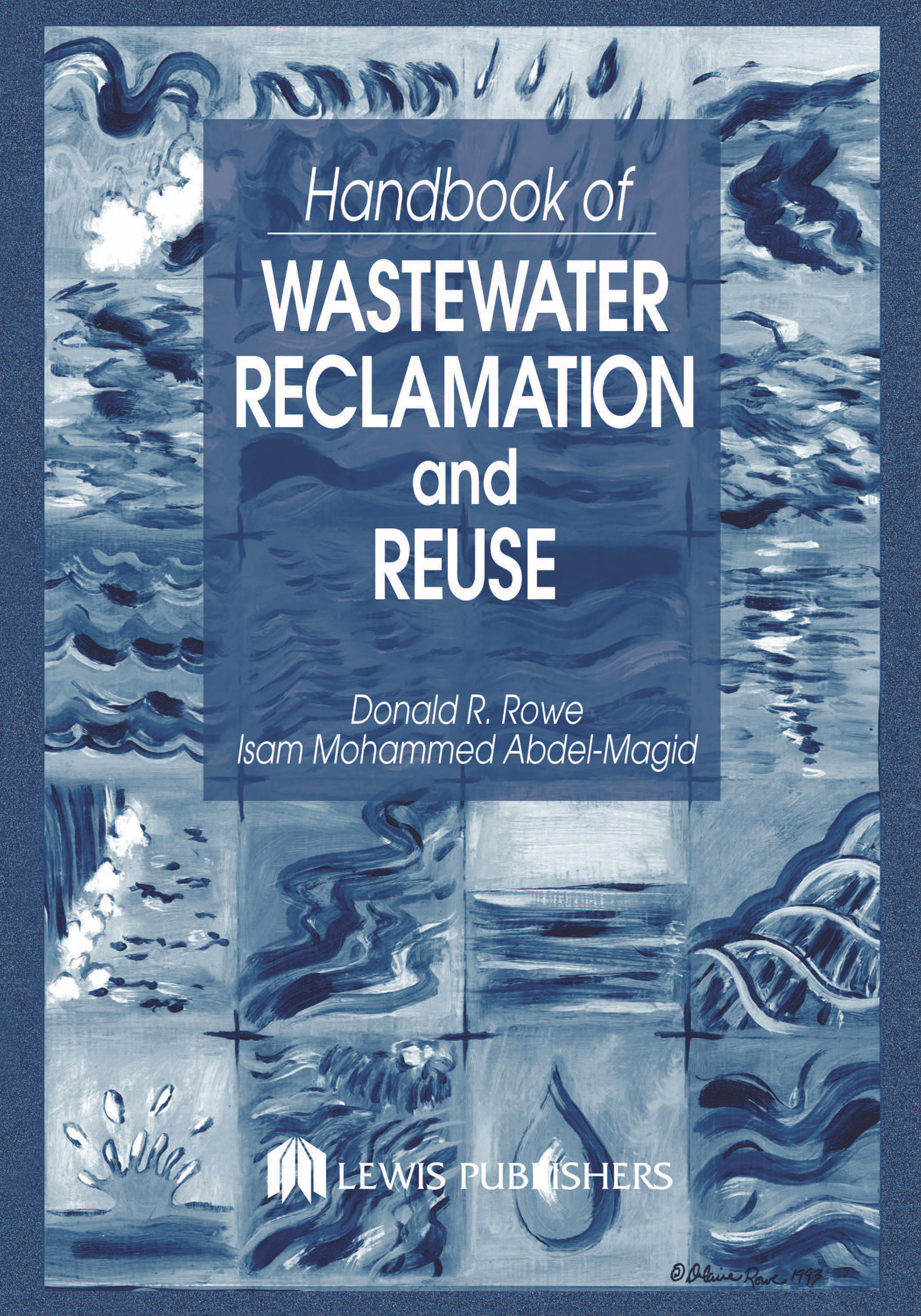
Handbook of Wastewater Reclamation and Reuse This comprehensive reference provides thorough coverage of water and wastewater reclamation and reuse. It begins with an introductory chapter covering the fundamentals, basic principles, and concepts. Next, drinking water and treated wastewater criteria, guidelines, and standards for the United States, Europe and the World Health Organization (WHO) are presented. Chapter 3 provides the physical, chemical, biological, and bacteriological characteristics, as well as the radioactive and rheological properties, of water and wastewater. The next chapter discusses the health aspects and removal treatment processes of microbial, chemical, and radiological constituents found in reclaimed wastewater. Chapter 5 discusses the various wastewater treatment processes and sludge treatment and disposal. Risk assessment is covered in chapter 6. The next three chapters cover the economics, monitoring (sampling and analysis), and legal aspects of wastewater reclamation and reuse.This practical handbook also presents real-world case studies, as well as sources of information for research, potential sources for research funds, and information on current research projects. Each chapter includes an introduction, end-of-chapter problems, and references, making this comprehensive text/reference useful to both students and professionals. TECHNOLOGY & ENGINEERING,Environmental,General
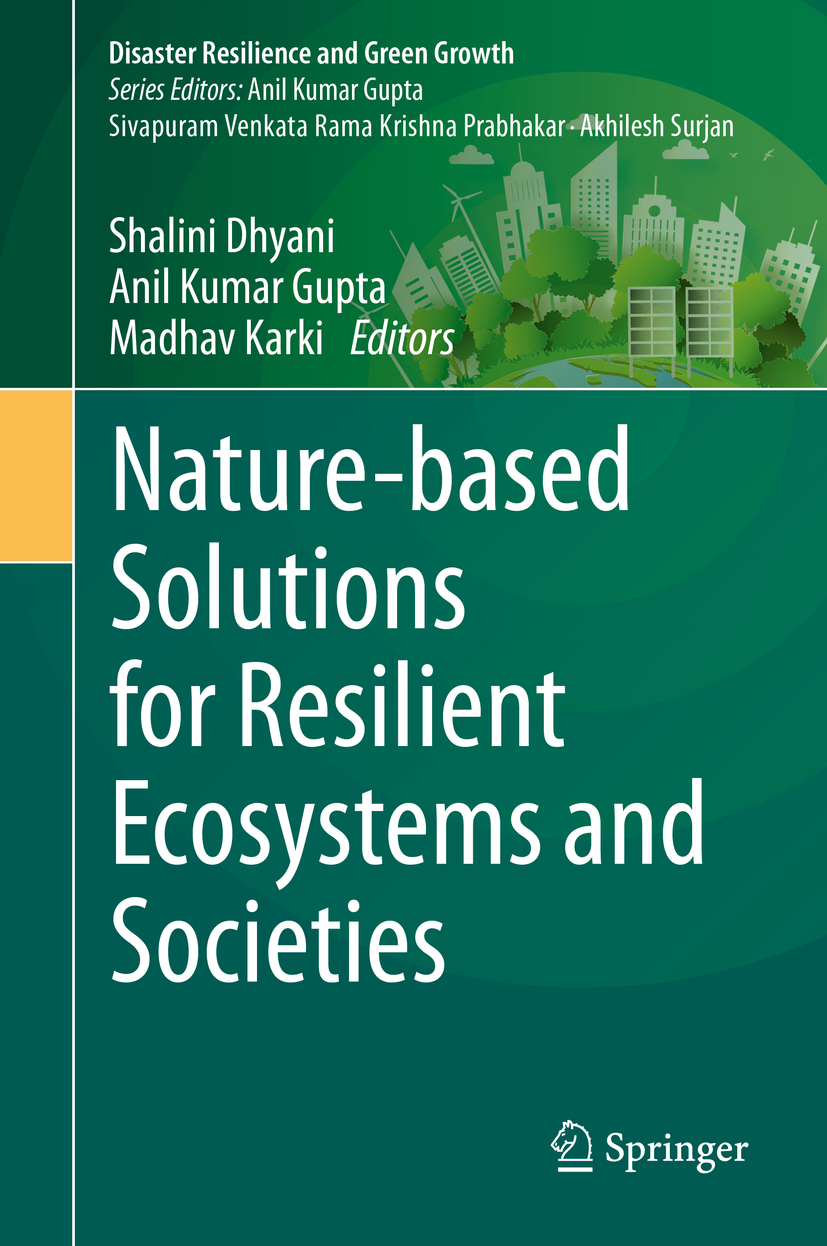
Nature-based Solutions for Resilient Ecosystems and Societies Over the past few decades, the frequency and severity of natural and human-induced disasters have increased across Asia. These disasters lead to substantial loss of life, livelihoods and community assets, which not only threatens the pace of socio-economic development, but also undo hard-earned gains. Extreme events and disasters such as floods, droughts, heat, fire, cyclones and tidal surges are known to be exacerbated by environmental changes including climate change, land-use changes and natural resource degradation. Increasing climate variability and multi-dimensional vulnerabilities have severely affected the social, ecological and economic capacities of the people in the region who are, economically speaking, those with the least capacity to adapt. Climatic and other environmental hazards and anthropogenic risks, coupled with weak and wavering capacities, severely impact the ecosystems and Nature’s Contributions to People (NCP) and, thereby, to human well-being. Long-term resilience building through disaster risk reduction and integrated adaptive climate planning, therefore, has become a key priority for scientists and policymakers alike. Nature-based Solutions (NbS) is a cost-effective approach that utilizes ecosystem and biodiversity services for disaster risk reduction and climate change adaptation, while also providing a range of co-benefits like sustainable livelihoods and food, water and energy security. This book discusses the concept of Nature-based Solutions (NbS) – both as a science and as art – and elaborates on how it can be applied to develop healthy and resilient ecosystems locally, nationally, regionally and globally. The book covers illustrative methods and tools adopted for applying NbS in different countries. The authors discuss NbS applications and challenges, research trends and future insights that have wider regional and global relevance. The aspects covered include: landscape restoration, ecosystem-based adaptation, ecosystem-based disaster risk reduction, ecological restoration, ecosystem-based protected areas management, green infrastructure development, nature-friendly infrastructure development in various ecosystem types, agro-climatic zones and watersheds. The book offers insights into understanding the sustainable development goals (SDGs) at the grass roots level and can help indigenous and local communities harness ecosystem services to help achieve them. It offers a unique, essential resource for researchers, students, corporations, administrators and policymakers working in the fields of the environment, geography, development, policy planning, the natural sciences, life sciences, agriculture, health, climate change and disaster studies. TECHNOLOGY & ENGINEERING,Environmental,General
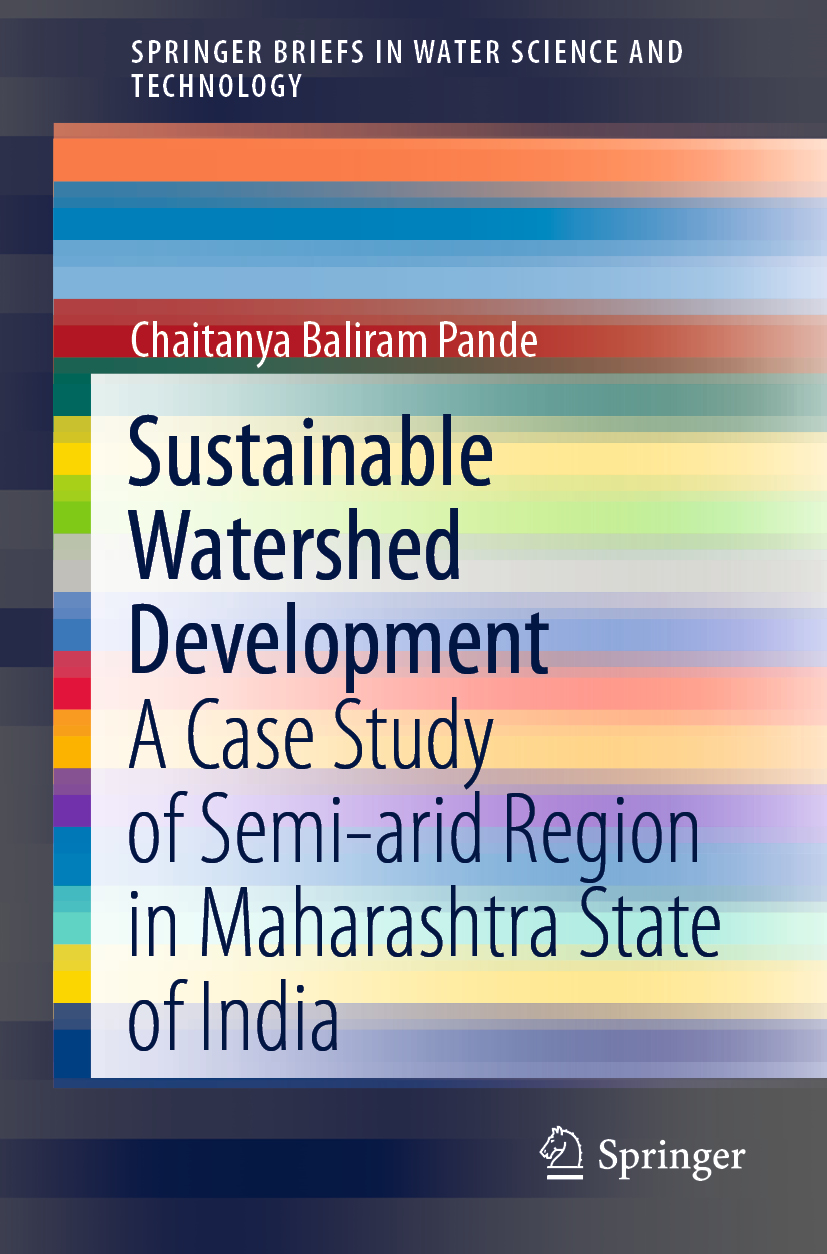
Sustainable Watershed Development This book presents a case study on a semi-arid region, Maharashtra State, India, and discusses problems concerning a broad range of areas: sustainable watershed development; watershed management; groundwater condition; land and resource development plans; thematic maps on e.g. land use, soil types and soil erosion; groundwater recharge site selection; remote sensing and GIS; and soil and water conservation structures. The book’s focus is on creating a land and water resource development plan and environmental management for groundwater recharge development using remote sensing and GIS technology in the case study region, which is situated in the Akola and Buldhana districts of Maharashtra. Its goal is to promote awareness for sustainable watershed development and planning in semi-arid regions by highlighting the problems of, and plans for, groundwater and surface water pollution and sustainable watershed development. These aspects are of great importance to watershed and natural resources planning and management, and need to be exploited and managed sustainably. Given its scope, the book will be of interest to all scientists, research scholars and graduate students of remote sensing, hydrology, hydrogeology, water resource engineering, agricultural engineering and related areas who want to acquire detailed information on watershed planning and sustainable water resource planning in semi-arid regions, or to find new methodologies and techniques for studying the feedback mechanisms between forms and processes. TECHNOLOGY & ENGINEERING,Environmental,General

Manual of Small Public Water Supply Systems Manual of Small Public Water Supply Systems presents current concepts and practices affecting water treatment, financing, management, community involvement in water supply, institutional support, and development of human resources for improved operations and management of water supplies. Information on ground water, surface water, and SDWA requirements is also provided. In short, everything you need to run your small water treatment facility can be found in this book. Material is presented in a thorough, easy-to-read format and a complete bibiliography is included. Fully illustrated, Manual of Small Public Water Supply Systems will soon be dog-eared with use. TECHNOLOGY & ENGINEERING,Environmental,General

Water, Wastewater, and Sludge Filtration A comprehensive and up-to-date account of filtration in solid-liquid separation processes, with a sharp focus on the influence of pro-cess variables on performance and specific applications is pre-sented in this volume. With contribu-tions from researchers with significant industrial experi-ence, as well as by senior academics, this publication fea-tures a deep bed filtration overview with informa-tion on mathematical modeling and application in wastewater treat-ment. Pre-treatment filtration techniques such as cartridge filters, pre-coat filters and micro screening are included. Membrane filtration processes to remove dis-solved and suspended solids for the recovery of valuable ma-terials and the provision of high quality water are covered. Sludge de-watering methods such as centrifuga-tion, and vacuum and pressure filtration are described. Application status data, tables, figures and diagrams are also included. This volume is of special interest to practicing engineers and technolo-gists dealing with treatment problems requiring filtration solu-tions and to graduate students in environmental engineering. TECHNOLOGY & ENGINEERING,Environmental,General

Water, Flood Management and Water Security Under a Changing Climate This book presents selected papers from the 7th International Conference on Water and Flood Management,with a special focus on Water Security under Climate Change, held in Dhaka, Bangladesh in March 2019. The biennial conference is organized by Institute of Water and Flood Management of Bangladesh University of Engineering and Technology. The recent decades have experienced more frequent natural calamities and it is believed that climate change is an important driving factor for such hazards. Each part of the hydrological cycle is affected by global climate change. Moreover, increasing population and economic activities are posing a bigger threat to water sources. To ensure sustainable livelihoods, safeguard ecosystem services, and enhance socio-economic development, water security needs to be investigated widely in a global and regional context. TECHNOLOGY & ENGINEERING,Environmental,General

Land Cover and Land Use Change on Islands Globalization is not a new phenomenon, but it is posing new challenges to humans and natural ecosystems in the 21st century. From climate change to increasingly mobile human populations to the global economy, the relationship between humans and their environment is being modified in ways that will have long-term impacts on ecological health, biodiversity, ecosystem goods and services, population vulnerability, and sustainability. These changes and challenges are perhaps nowhere more evident than in island ecosystems. Buffeted by rising ocean temperatures, extreme weather events, sea-level rise, climate change, tourism, population migration, invasive species, and resource limitations, islands represent both the greatest vulnerability to globalization and also the greatest scientific opportunity to study the significance of global changes on ecosystem processes, human-environment interactions, conservation, environmental policy, and island sustainability. In this book, we study islands through the lens of Land Cover/Land Use Change (LCLUC) and the multi-scale and multi-thematic drivers of change. In addition to assessing the key processes that shape and re-shape island ecosystems and their land cover/land use changes, the book highlights measurement and assessment methods to characterize patterns and trajectories of change and models to examine the social-ecological drivers of change on islands. For instance, chapters report on the results of a meta-analysis to examine trends in published literature on islands, a satellite image time-series to track changes in urbanization, social surveys to support household analyses, field sampling to represent the state of resources and their limitations on islands, and dynamic systems models to link socio-economic data to LCLUC patterns. The authors report on a diversity of islands, conditions, and circumstances that affect LCLUC patterns and processes, often informed through perspectives rooted, for instance, in conservation, demography, ecology, economics, geography, policy, and sociology. TECHNOLOGY & ENGINEERING,Environmental,General
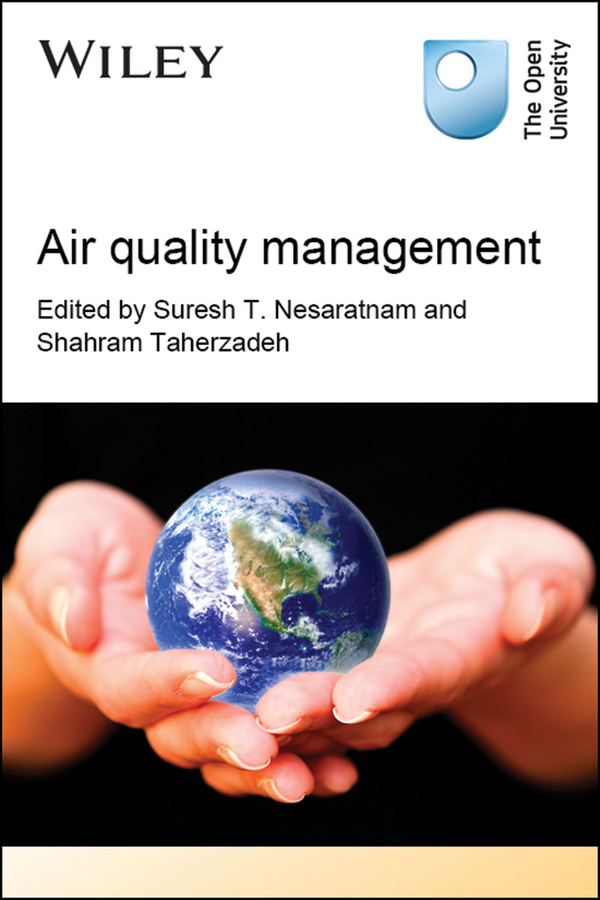
Air Quality Management Designed to accompany the new Open University course in Environmental Monitoring and Protection, this is one of four new titles which will equip the reader with the tools to undertake Environmental Impact Assessments (EIAs). Used in planning, decision-making and management, EIAs review both the theoretical principles and environmental considerations of engineering and environmental projects to help steer fundamental legislation in the right direction. Air Quality Management begins with an introduction to the atmosphere around us and the units of concentration. It then discusses the importance of meteorology and the part it plays in air quality, before detailing the main types of air pollutants, their sources, and their effects on humans and their environments. Further chapters discuss measurement technologies and systems, as well as a selection of control and elimination methods. Finally, the book details methods of modelling atmospheric dispersion. Discover our e-book series on Environmental Monitoring and Protection, published in partnership with The Open University! Find out more about the series editors, the titles in the series and their focus on water, noise, air and waste, and The Open University courses in Environmental Management. Visit www.wiley.com/go/ouebookseries TECHNOLOGY & ENGINEERING,Environmental,Pollution Control

Environmental Nanotechnology for Water Purification Dyes, pigments and metals are extensively used in food, paper, carpet, rubber, plastics, cosmetics, and textile industries, in order to color and finish products. As a result, they generate a considerable amount of coloured wastewater rich in organic, inorganic, and mineral substances which are continuously polluting the water bodies and affecting human and aquatic life. Besides these industries, urban and agricultural activities also generate effluents high in biochemical oxygen demand (BOD) and chemical oxygen demand (COD). In recent years, considerable research work has been done in this area and is underway to eliminate heavy metals particularly mercury (Hg), chromium (Cr), lead (Pb), selenium and cadmium (Cd) and synthetic dyes from polluted waters which have high toxicity and carcinogenicity. Currently a number of methods are in operation to decontaminate the polluted waters. Among several purification technologies, use of nanoparticles/composites have gained much attention as efficient purification technology due to its many advantages such as simple synthesis, special chemical and physical properties, unique photocatalytic activity and beneficial antimicrobial properties and high efficiency. The book Environmental Nanotechnology for Water Purification comprehensively covers and provides new insights on all nanoparticles, composites and advanced methods employed in water purification. TECHNOLOGY & ENGINEERING,Environmental,Pollution Control
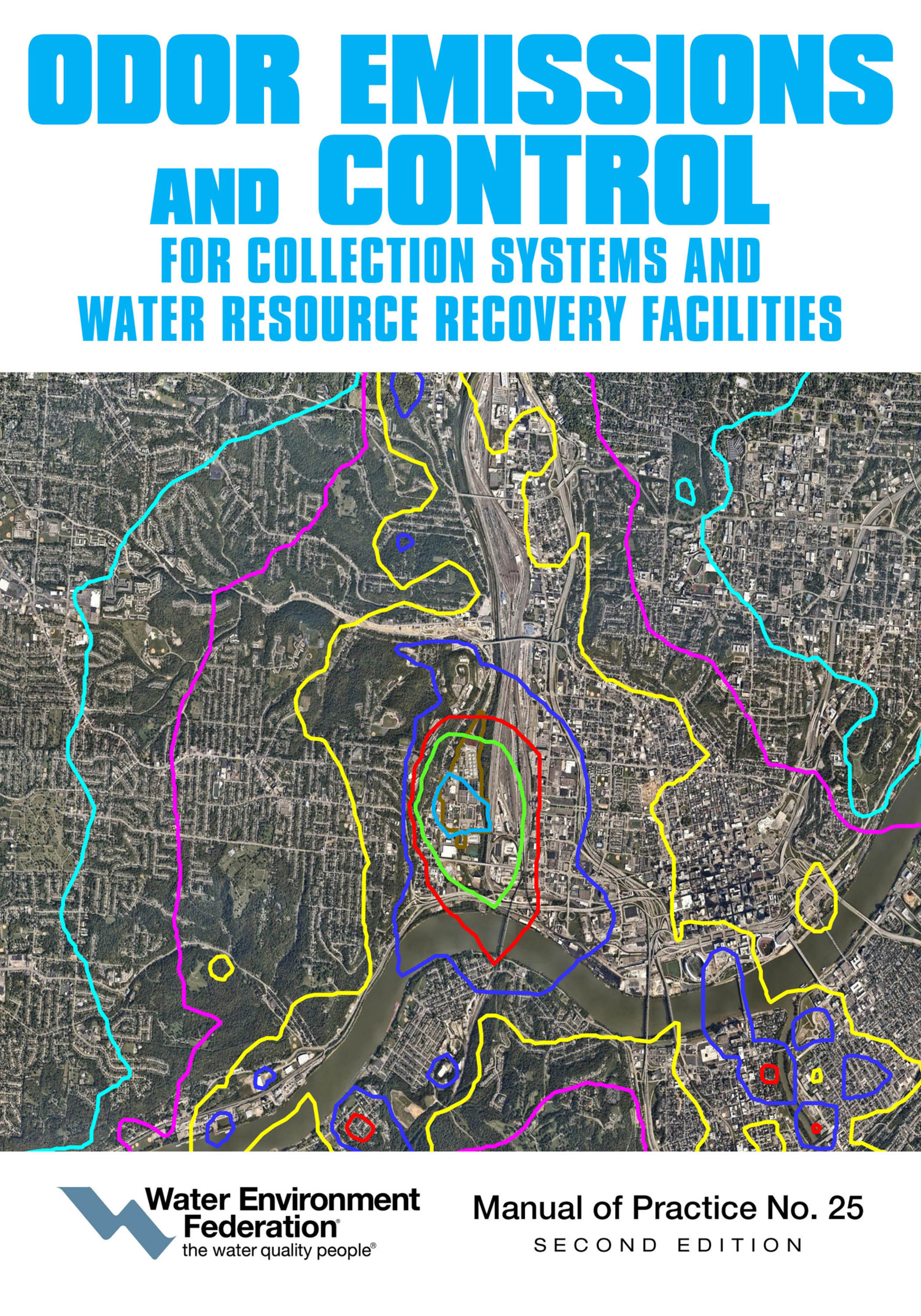
Odor Emissions and Control for Collections Systems and Water Resource Recovery Facilities Odor Emissions and Control for Collection Systems and Water Resource Recovery Facilities, 2nd edition, is intended to be the primary reference document for current standards of practice for professionals involved in odor control at wastewater treatment facilities and collections systems. This manual covers all aspects of odor control in wastewater conveyance and treatment facilities, including the basics of odor testing and emissions, sensory analysis, local and state regulations, public outreach, and the technologies used to treat odors. Odor testing and control have undergone rapid advancements since the publication of the first edition of the Water Environment Federation's Manual of Practice 25, Control of Odors and Emissions from Wastewater Treatment Plants. The second edition brings an expanding body of knowledge and real-world experiences to the reader, and it embodies the current state of practice in the industry. The entire manual provides a comprehensive look at all aspects of odor control in the industry today. A new feature of this manual not included in the 2004 edition is the chapter entitled “Collection Systems”, which addresses ventilation of sewers, air treatment, and chemical treatment. Odor control in water resource recovery facilities (WRRFs) and solids handling facilities are also covered extensively. This manual also presents best available biological, chemical, and physical technologies for controlling odors; information on analyzing, measuring, and sampling odors; and tools for assessing odor impacts in surrounding neighborhoods and communities. In short, this manual teaches the proper aspects of how to be a good neighbor and share clean air around a treatment facility, while still providing indispensable wastewater services to the larger community. TECHNOLOGY & ENGINEERING,Environmental,Waste Management

Reverse logistics of waste electrical and electronic equipment and environmental sustainability The sale of Electrical and Electronic Equipment (EEE) is growing worldwide due to technological innovations and the speed with which they become obsolete, which increases the production of a solid residue called Waste Electrical and Electronic Equipment (WEEE), or e-Waste. WEEE is a relevant problem, as it contains several toxic substances capable of harming the environment and human health. This is why a proper environmental management is required.After the creation of the National Policy on Solid Waste (PNRS) in Brazil - Law No. 12.305, of August 2, 2010, manufacturers, importers, distributors, and traders have become responsible for implementing Reverse Logistics (RL) systems, which aim at the return of products after use by the consumer. Although the electronics industry is concerned about the RL of its products, RL of WEEE is not a subject widely addressed within Brazil or internationally. In fact, "e-waste" is a new subject in the world literature.This book aims to identify how WEEE management can contribute to the improvement of the EEE supply chain performance in Brazil, at an environmental sustainability point of view. Therefore, we identify: The global and Brazilian background, overview, and perspectives to improving solid waste and WEEE management at an environmental sustainability point of view; Brazilian legislation and practices; international legislation and good practices in WEEE management, which suggest improvements to the WEEE management in Brazil; and good practices in using product identification technologies, such as Radio Frequency Identification (RFID) in e-waste reverse logistics systems, such as the renowned Hewlett-Packard (HP) Smartwaste Project. TECHNOLOGY & ENGINEERING,Environmental,Waste Management
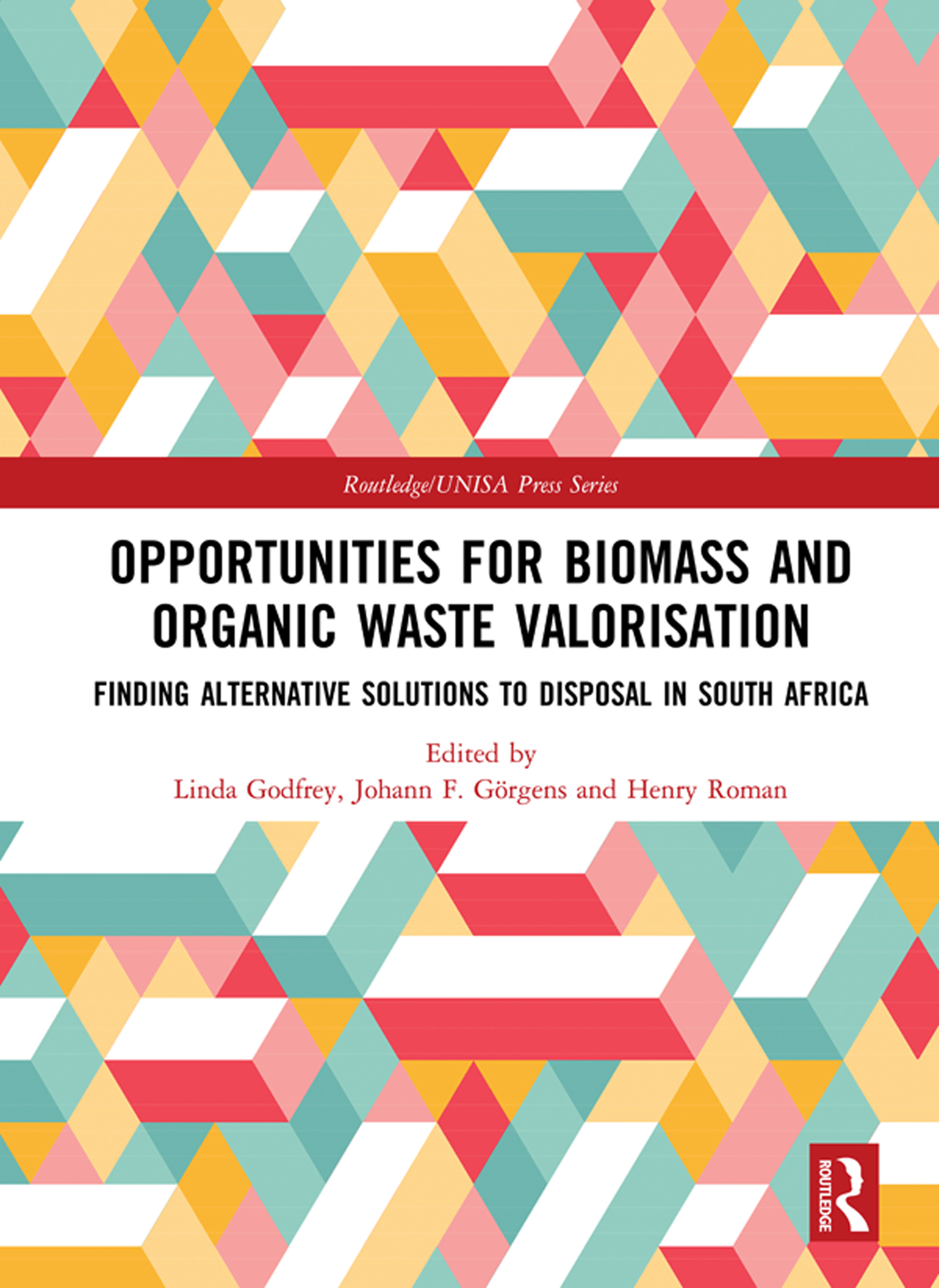
Opportunities for Biomass and Organic Waste Valorisation Following an active science-meets-industry approach on dealing with biomass and organics waste streams, this timely book foregrounds key issues facing South African policy makers, industry practitioners and scholars. The editors drew together a wide pool of experts in the biomass and organic valorisation industry and research, offering the most recent research, development and innovation undertaken by South African universities and science councils. Spanning twelve chapters and divided into the following four key parts, the book offers solutions to industry and research on: Quantifying organic waste: An overview of potential sources and volumes is offered, with an identification and characterisation of solid biowaste residues. Biological treatment, covering the latest norms and standards; a biorefinery approach for the sugar industry; an integrated waste management approach for municipal sewage treatment; biogas production from abattoir waste; optimisation of biogas production from animal waste; and integrated bioremediation and beneficiation of bio-based waste. Mechanical and chemical treatment, covering the beneficiation of sawdust waste; developing sustainable biobased polymer and bio-nanocomposite materials; and the valorisation of waste mango seeds. Thermal treatment, which evaluates different municipal solid waste recycling targets in terms of energy recovery and CO2 reduction. TECHNOLOGY & ENGINEERING,Environmental,Waste Management
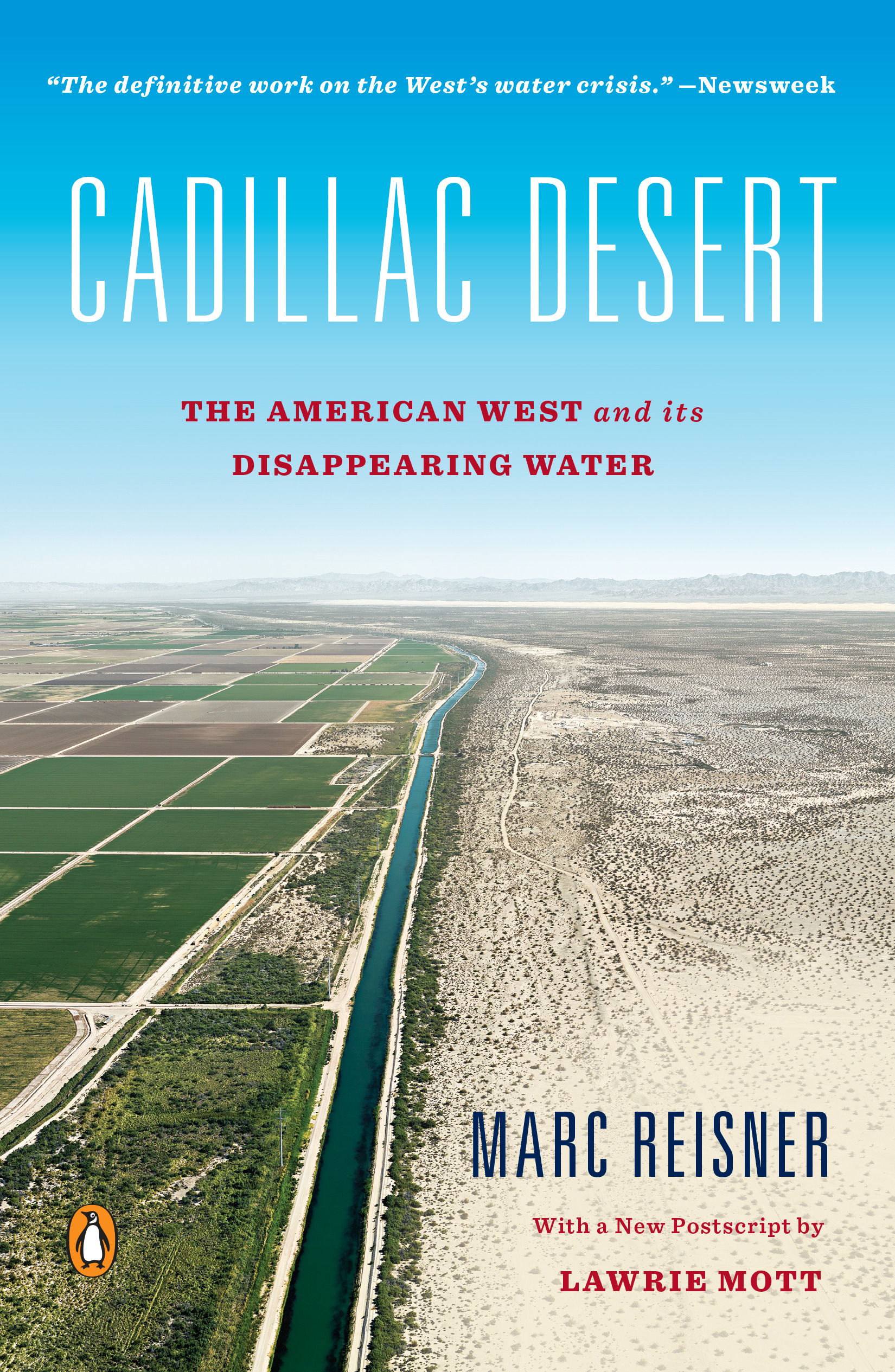
Cadillac Desert "The definitive work on the West's water crisis." --Newsweek The story of the American West is the story of a relentless quest for a precious resource: water. It is a tale of rivers diverted and dammed, of political corruption and intrigue, of billion-dollar battles over water rights, of ecological and economic disaster. In his landmark book, Cadillac Desert, Marc Reisner writes of the earliest settlers, lured by the promise of paradise, and of the ruthless tactics employed by Los Angeles politicians and business interests to ensure the city's growth. He documents the bitter rivalry between two government giants, the Bureau of Reclamation and the U.S. Army Corps of Engineers, in the competition to transform the West. Based on more than a decade of research, Cadillac Desert is a stunning expose and a dramatic, intriguing history of the creation of an Eden--an Eden that may only be a mirage. This edition includes a new postscript by Lawrie Mott, a former staff scientist at the Natural Resources Defense Council, that updates Western water issues over the last two decades, including the long-term impact of climate change and how the region can prepare for the future. TECHNOLOGY & ENGINEERING,Environmental,Water Supply
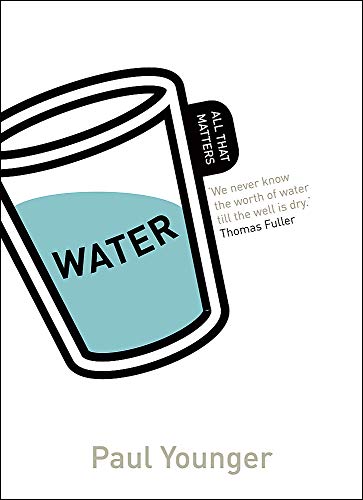
Water The world's population is increasing; but its supply of water is not. Empires have grown and declined due to discovery and exhaustion of their water sources, and now the West is at last catching on to the fact that abundance of water can no longer be taken for granted. For the last fifty years, wars have been fought over oil; for the next fifty, they may be fought over water (in fact, some local wars already have been). Remarkably, this new book is the first to bring together the ecological, geographical, political and scientific aspects of water. Its author, Professor Paul Younger, is one of the UK's leading experts on water - a substance of which we consume 150 litres of a day, and in its bottled form are willing to pay more for than for petrol. TECHNOLOGY & ENGINEERING,Environmental,Water Supply
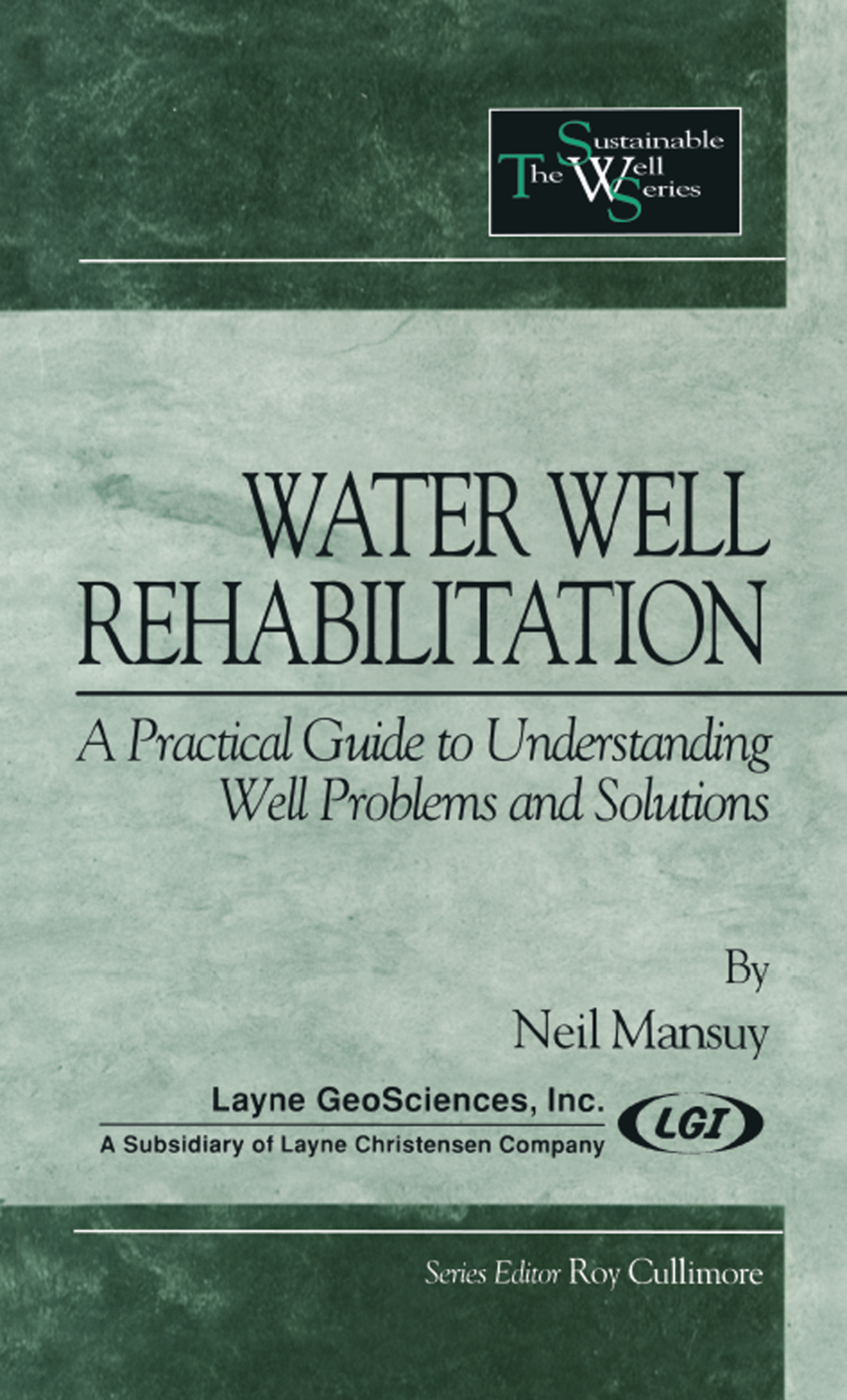
Water Well Rehabilitation Well rehabilitation techniques have been the focus of major advancements in recent times. Environmental engineers can keep pace with those changes with the book Water Well Rehabilitation.Written from a microbiological viewpoint, the text outlines proven solutions to production problems in all types of wells.That perspective frequently yields new ideas and concepts, contrary to prevalent thoughts in mainstream literature on the subject. This is especially true in discussion of iron related bacterial sources, and details concerning unsafe bacterial samples and the contamination of wells. TECHNOLOGY & ENGINEERING,Environmental,Water Supply

The Science of Composting FROM THE PREFACEThe main objective of composting is to transform organic materials into a stable usable product. Often organic materials which may have limited beneficial use in their raw state or have regulatory disposal constraints can be transformed by composting into marketable products. The limits on beneficial reuse may be regulations or they may be due to the potential for materials to be putrescible or pathogenic. Composting can be a solution for each of these. The implementation of composting on a large scale (in contrast to home or backyard composting) involves materials handling. Technological implementation of composting must be consistent with the biological demand of the system. If the biological system is violated, conditions will not be optimized for composting, and problems such as odor generation, insufficient aeration or moisture, or a combination of these conditions may result. Past problems and closure of facilities have been largely due to violations of the biological systems. Product quality with respect to particle size, inclusions, moisture content and other physical aspects are a function of engineering design. A well designed system must have the biological and engineering principles in harmony at all times. TECHNOLOGY & ENGINEERING,Environmental,Water Supply

Chemistry of Water Treatment This second edition demonstrates how chemistry influences the design of water treatment plants and how it should influence the design.Historically, water treatment plants have been designed from hydraulic considerations with little regard to chemical aspects. The many chemical reactions used for removal of pollutants from water simply cannot be forced to occur within current designs. This book re-examines this traditional approach in light of today's water quality and treatment.Will current water treatment processes be sufficient to meet future demands or will new processes have to be devised? Chemistry of Water Treatment assesses the chemical and physical efficacies of current processes to meet the demands of the Safe Drinking water Act, providing expert information to persons responsible for the production of potable water into the next century. TECHNOLOGY & ENGINEERING,Environmental,Water Supply

Contested Water An examination of anti–water privatization movements in the United States and Canada that explores the interplay of the local and the global. Attempts by local governments to privatize water services have met with furious opposition. Activists argue that to give private companies control of the water supply is to turn water from a common resource into a marketized commodity. Moreover, to cede local power to a global corporation puts communities at the center of controversies over economic globalization. In Contested Water, Joanna Robinson examines local social movement organizing against water privatization, looking closely at battles for control of local water services in Stockton, California, and Vancouver, British Columbia. The movements in these two communities had different trajectories, used different tactics, and experienced different outcomes. Robinson analyzes the factors that shaped these two struggles. Drawing on extensive interviews with movement actors, political leaders, and policymakers and detailed analysis of textual material, Robinson shows that the successful campaign in Vancouver drew on tactics, opportunities, and narratives from the broader antiglobalization movement, with activists emphasizing the threats to local democracy and accountability; the less successful movement in Stockton centered on a ballot initiative that was made meaningless by a pre-emptive city council vote. Robinson finds that global forces are reshaping local movements, particularly those that oppose neoliberal reforms at the municipal level. She argues that anti–water privatization movements that link local and international concerns and build wide-ranging coalitions at local and global levels offer an effective way to counter economic globalization. Successful challenges to globalization will not necessarily come from transnational movements but rather from movements that are connected globally but rooted in local communities. TECHNOLOGY & ENGINEERING,Environmental,Water Supply
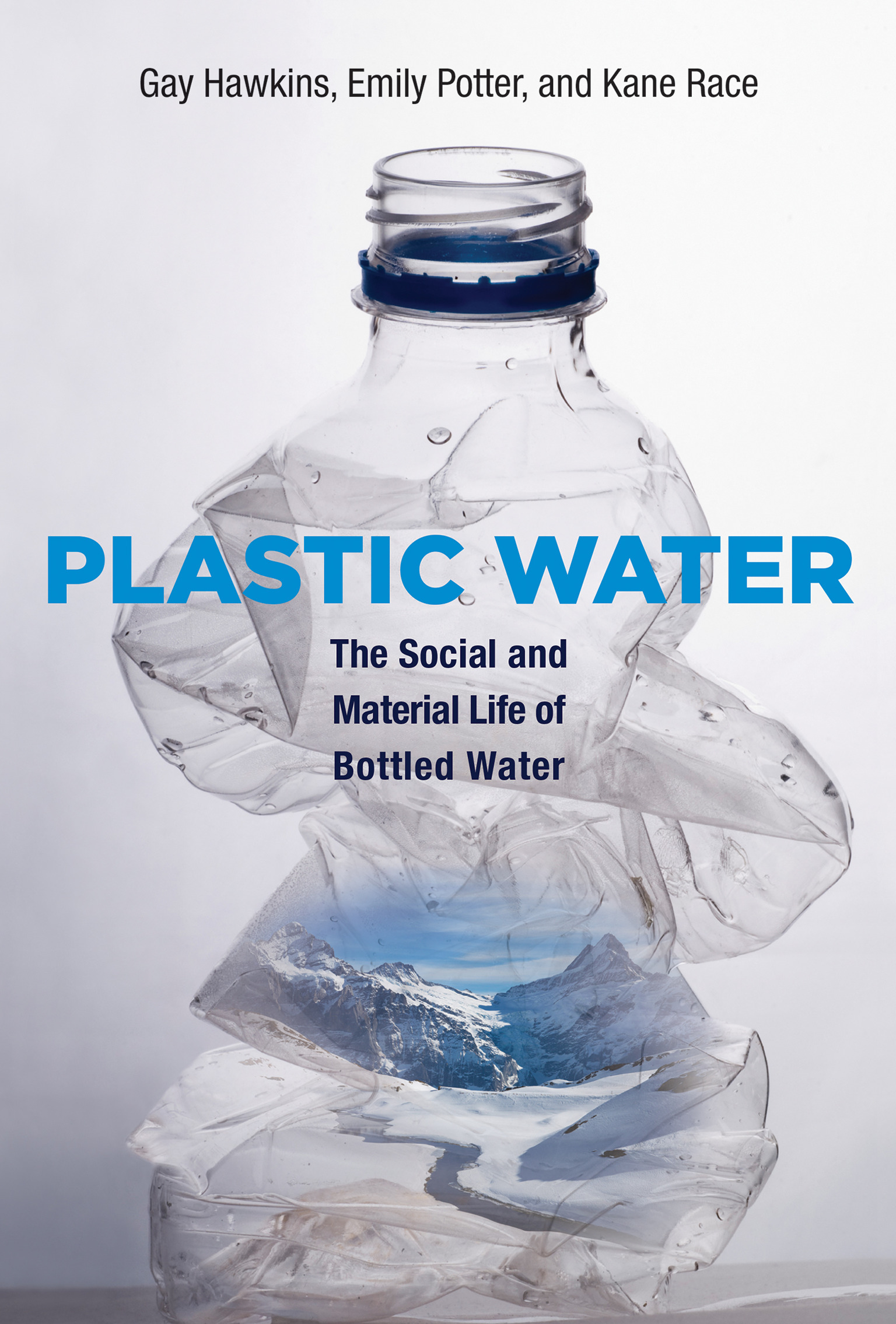
Plastic Water How and why branded bottles of water have insinuated themselves into our daily lives, and what the implications are for safe urban water supplies. How did branded bottles of water insinuate themselves into our daily lives? Why did water become an economic good—no longer a common resource but a commercial product, in industry parlance a “fast moving consumer good,” or FMCG? Plastic Water examines the processes behind this transformation. It goes beyond the usual political and environmental critiques of bottled water to investigate its multiplicity, examining a bottle of water's simultaneous existence as, among other things, a product, personal health resource, object of boycotts, and part of accumulating waste matter. Throughout, the book focuses on the ontological dimensions of drinking bottled water—the ways in which this habit enacts new relations and meanings that may interfere with other drinking water practices. The book considers the assemblage and emergence of a mass market for water, from the invention of the polyethylene terephthalate (PET) bottle in 1973 to the development of “hydration science” that accompanied the rise of jogging in the United States. It looks at what bottles do in the world, tracing drinking and disposal practices in three Asian cities with unreliable access to safe water: Bangkok, Chennai, and Hanoi. And it considers the possibility of ethical drinking, examining campaigns to “say no” to the bottle and promote the consumption of tap water in Canada, the United States, and Australia. TECHNOLOGY & ENGINEERING,Environmental,Water Supply
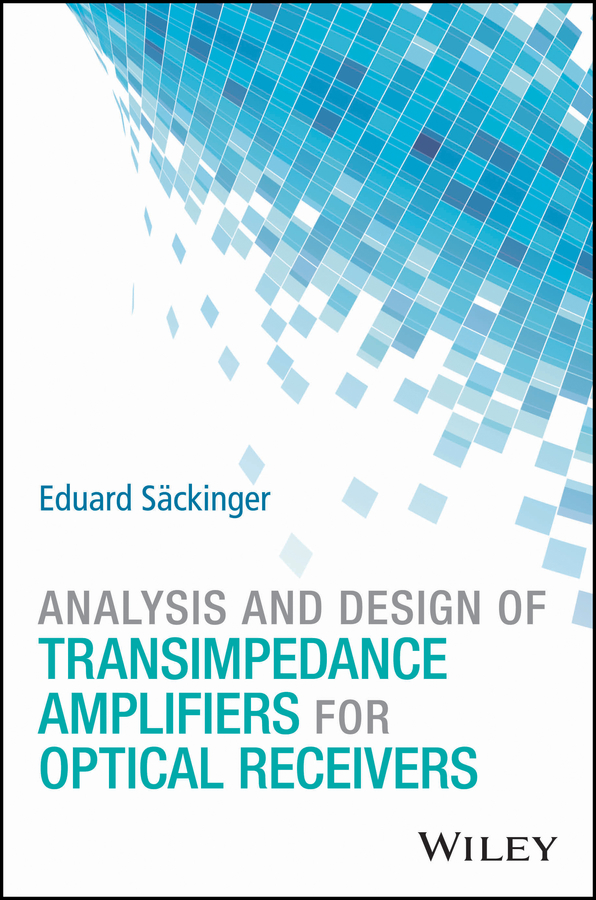
Analysis and Design of Transimpedance Amplifiers for Optical Receivers An up-to-date, comprehensive guide for advanced electrical engineering students and electrical engineers working in the IC and optical industries This book covers the major transimpedance amplifier (TIA) topologies and their circuit implementations for optical receivers. This includes the shunt-feedback TIA, common-base TIA, common-gate TIA, regulated-cascode TIA, distributed-amplifier TIA, nonresistive feedback TIA, current-mode TIA, burst-mode TIA, and analog-receiver TIA. The noise, transimpedance, and other performance parameters of these circuits are analyzed and optimized. Topics of interest include post amplifiers, differential vs. single-ended TIAs, DC input current control, and adaptive transimpedance. The book features real-world examples of TIA circuits for a variety of receivers (direct detection, coherent, burst-mode, etc.) implemented in a broad array of technologies (HBT, BiCMOS, CMOS, etc.). The book begins with an introduction to optical communication systems, signals, and standards. It then moves on to discussions of optical fiber and photodetectors. This discussion includes p-i-n photodetectors; avalanche photodetectors (APD); optically preamplified detectors; integrated detectors, including detectors for silicon photonics; and detectors for phase-modulated signals, including coherent detectors. This is followed by coverage of the optical receiver at the system level: the relationship between noise, sensitivity, optical signal-to-noise ratio (OSNR), and bit-error rate (BER) is explained; receiver impairments, such as intersymbol interference (ISI), are covered. In addition, the author presents TIA specifications and illustrates them with example values from recent product data sheets. The book also includes: Many numerical examples throughout that help make the material more concrete for readers Real-world product examples that show the performance of actual IC designs Chapter summaries that highlight the key points Problems and their solutions for readers who want to practice and deepen their understanding of the material Appendices that cover communication signals, eye diagrams, timing jitter, nonlinearity, adaptive equalizers, decision point control, forward error correction (FEC), and second-order low-pass transfer functions Analysis and Design of Transimpedance Amplifiers for Optical Receivers belongs on the reference shelves of every electrical engineer working in the IC and optical industries. It also can serve as a textbook for upper-level undergraduates and graduate students studying integrated circuit design and optical communication. TECHNOLOGY & ENGINEERING,Fiber Optics

Norman Hall's Firefighter Exam Preparation Book Guaranteed Top Scores on Your Firefighter's Exam! Want to be a firefighter? Do you know what is involved in taking the exam? Don't take a chance at failing a test you could ace--learn from the expert, Norman Hall. For more than a decade, Norman Hall's Firefighter Exam Preparation Book has been the #1 test preparation book for prospective firefighters. Back by popular demand, Norman Hall has completely updated and revised this hugely successful book for this second edition, presenting new tips and time-tested methods for attaining the highest scores. Practice your skills using features such as tips on how to pass the physical requirements, practice exams with answer keys, memory aids to help you master the recall test, tables for self-scoring, insights on what a career in firefighting entails, and a discussion of the final interview. Use Norman Hall's Firefighter Exam Preparation Book, 2nd Edition to study hard and score at the top! TECHNOLOGY & ENGINEERING,Fire Science
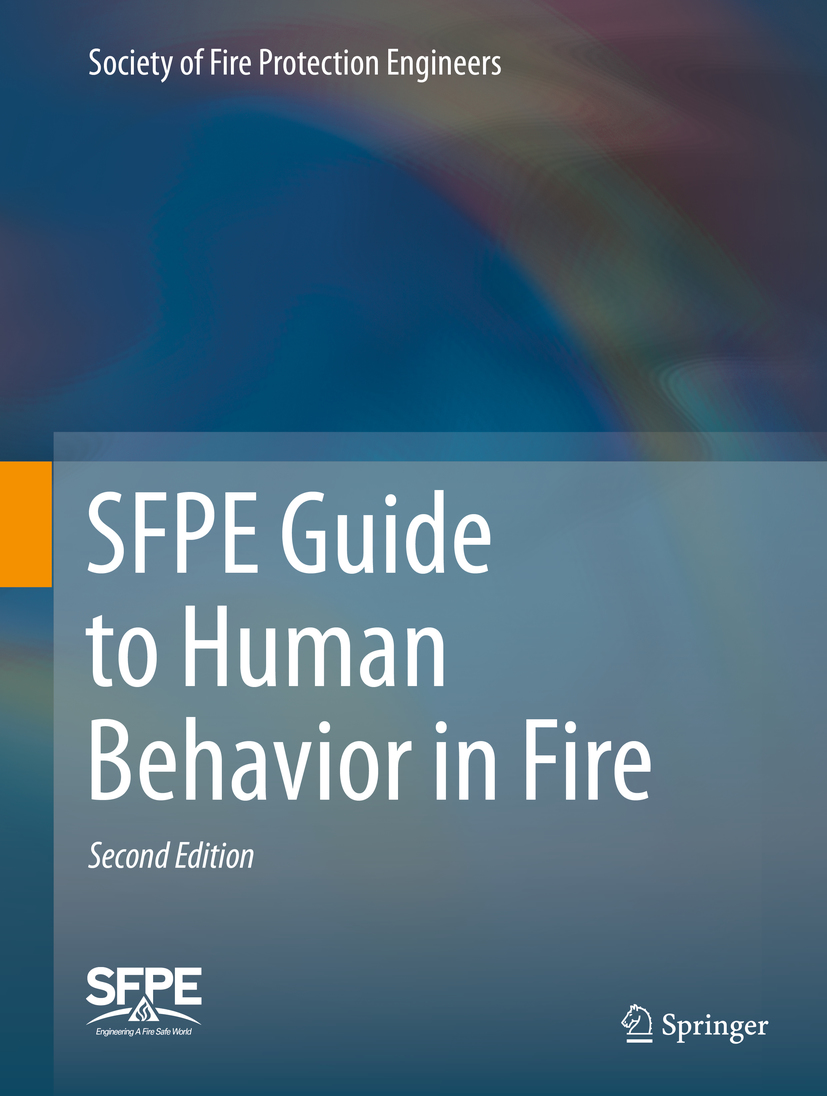
SFPE Guide to Human Behavior in Fire This single resource for the fire safety community distills the most relevant and useful science and research into a consensus-based guide whose key factors and considerations impact the response and behavior of occupants of a building during a fire event. The Second Edition of SFPE's Engineering Guide: Human Behavior in Fire provides a common introduction to this field for the broad fire safety community: fire protection engineers/fire safety engineers, human behavior scientists/researchers, design professionals, and code authorities. The public benefits from consistent understanding of the factors that influence the responses and behaviors of people when threatened by fire and the application of reliable methodologies to evaluate and estimate human response in buildings and structures. This Guide also aims to lessen the uncertainties in the "people components" of fire safety and allow for more refined analysis with less reliance on arbitrary safety factors. As with fire science in general, our knowledge of human behavior in fire is growing, but is still characterized by uncertainties that are traceable to both limitation in the science and unfamiliarity by the user communities. The concepts for development of evacuation scenarios for performance-based designs and the technical methods to estimate evacuation response are reviewed with consideration to the limitation and uncertainty of the methods. This Guide identifies both quantitative and qualitative information that constitutes important consideration prior to developing safety factors, exercising engineering judgment, and using evacuation models in the practical design of buildings and evacuation procedures. Besides updating material in the First Edition, this revision includes new information on: Incapacitating Effects of Fire Effluent & Toxicity Analysis Methods Occupant Behavior Scnearios Movement Models and Behavioral Models Egress Model Selection, Verification, and ValidationEstimation of Uncertainty and Use of Safety FactorsEnhancing Human Response to Emergencies & Notification of Messaging The prediction of human behavior during a fire emergency is one of the most challenging areas of fire protection engineering. Yet, understanding and considering human factors is essential to designing effective evacuation systems, ensuring safety during a fire and related emergency events, and accurately reconstructing a fire. TECHNOLOGY & ENGINEERING,Fire Science
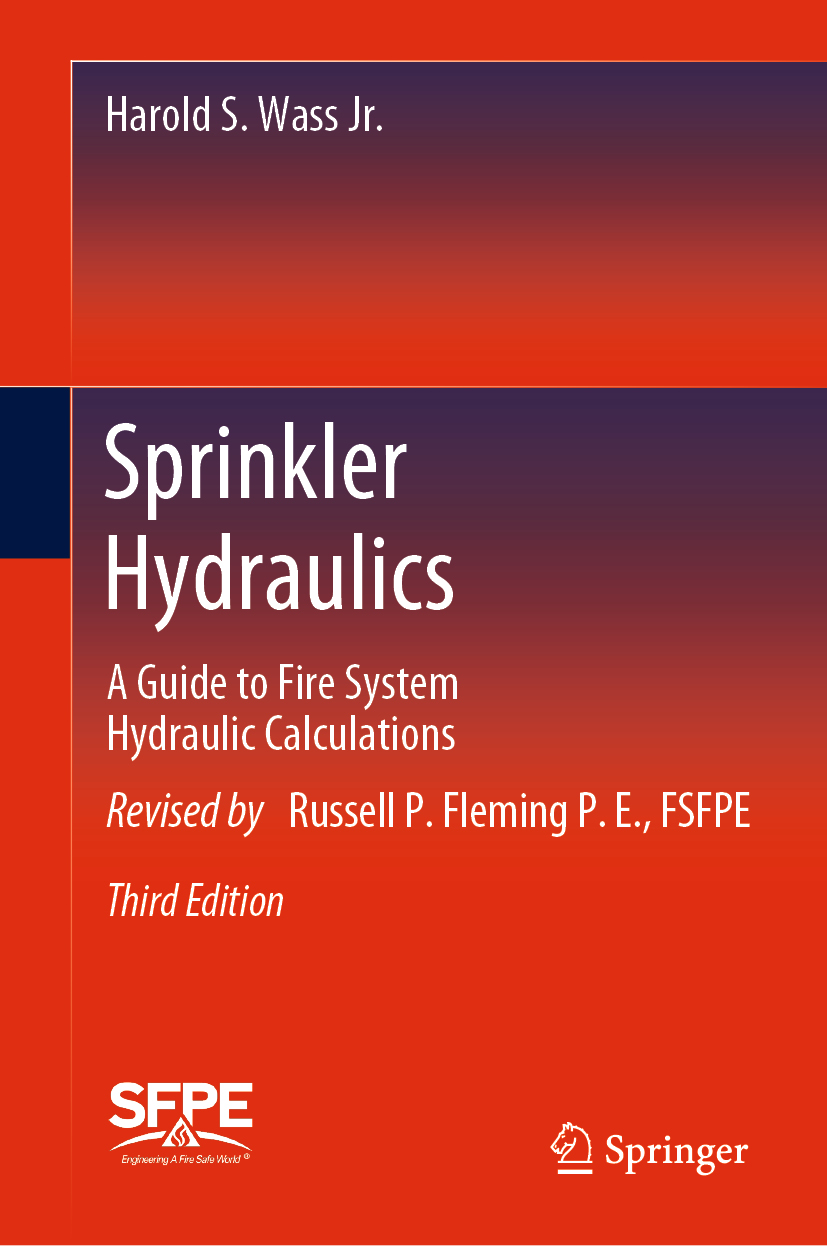
Sprinkler Hydraulics This is the foremost guide to hydraulically designing sprinkler systems for commercial and residential buildings. Sprinkler Hydraulics, Third Edition includes the latest developments in automatic sprinkler design, as well as going beyond the NFPA 13 Standard to explain everything needed to know to professionally design a system. Sprinkler Hydraulics, Third Edition explains flow phenomena to help the reader evaluate calculated sprinkler systems. Starting with a general discussion of the mathematics involved, the discussion proceeds to define sprinkler density, including several examples which explain how to determine discharge areas. • Includes the latest developments in automatic sprinkler design, as well as going beyond the NFPA 13 Standard to explain everything needed to know to professionally design a system; • Starting with a general discussion of the mathematics involved, the discussion proceeds to define sprinkler density, including several examples which explain how to determine discharge areas; • Explains flow phenomena to help the reader evaluate calculated sprinkler systems. TECHNOLOGY & ENGINEERING,Fire Science

Wooden Façades and Fire Safety This book presents the results of an experiment assessing the impact of spruce wood joints on the creation and development of fire when these joints are applied within a façade. The book includes an extensive analysis of wooden cladding, which is a flammable material in which the elements are connected lengthwise using various types of joint. The parameters of the experiment, as well as the setting, material criteria and evaluation criteria are described in detail. The results confirm that the joint type used has an impact on the selected evaluation criteria and thus also on the potential spread of fire. TECHNOLOGY & ENGINEERING,Fire Science
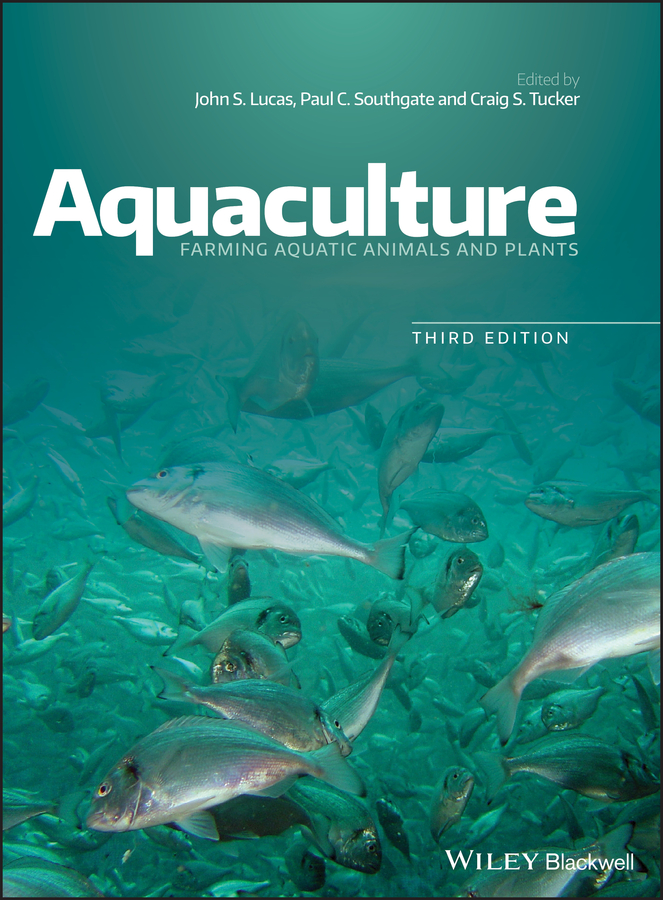
Aquaculture A clear illustration of the important role of aquaculture in supporting food security, livelihoods, and economic development around the world This new edition of Aquaculture: Farming Aquatic Animals and Plants covers important aspects of the culture of fish, shellfish, and algae in freshwater and marine environments. Subject areas covered include principles of aquaculture, water quality, environmental impacts of aquaculture, desert aquaculture, reproduction, life cycles and growth, genetics and stock improvement, nutrition and feed production, diseases, vaccination, post-harvest technology, economics and marketing, and future developments of aquaculture. Separate chapters also cover the culture of algae, carps, salmonids, tilapias, catfish, marine and brackish fishes, soft-shelled turtles, barramundi, marine shrimp, mitten crabs, and other decapod crustaceans, bivalves, gastropods, and ornamental species. This edition also provides greater coverage of aquaculture in China, reflecting the country’s importance in the global scene. Providing core scientific and commercially useful information, and written by 35 eminent international authors, this expanded and fully updated Third Edition of Aquaculture is essential reading for all students and professionals studying and working in aquaculture. Fish farmers, hatchery managers, and those in aquaculture support and supply industries, such as feed manufacturing, will find an abundance of commercially useful information within this important and now established book. Describes the multitude of developments that have occurred within the aquaculture field over the last 15 years Includes a major revision of production statistics and trends, discussion of technical developments, and revised and extended coverage provided by broader international authorship Brings together 35 internationally recognized contributors, including a number of new contributors Aquaculture: Farming Aquatic Animals and Plants, Third Edition is a recommended text for students of the subject and a concise reference for those working in or entering into the industry. TECHNOLOGY & ENGINEERING,Fisheries & Aquaculture
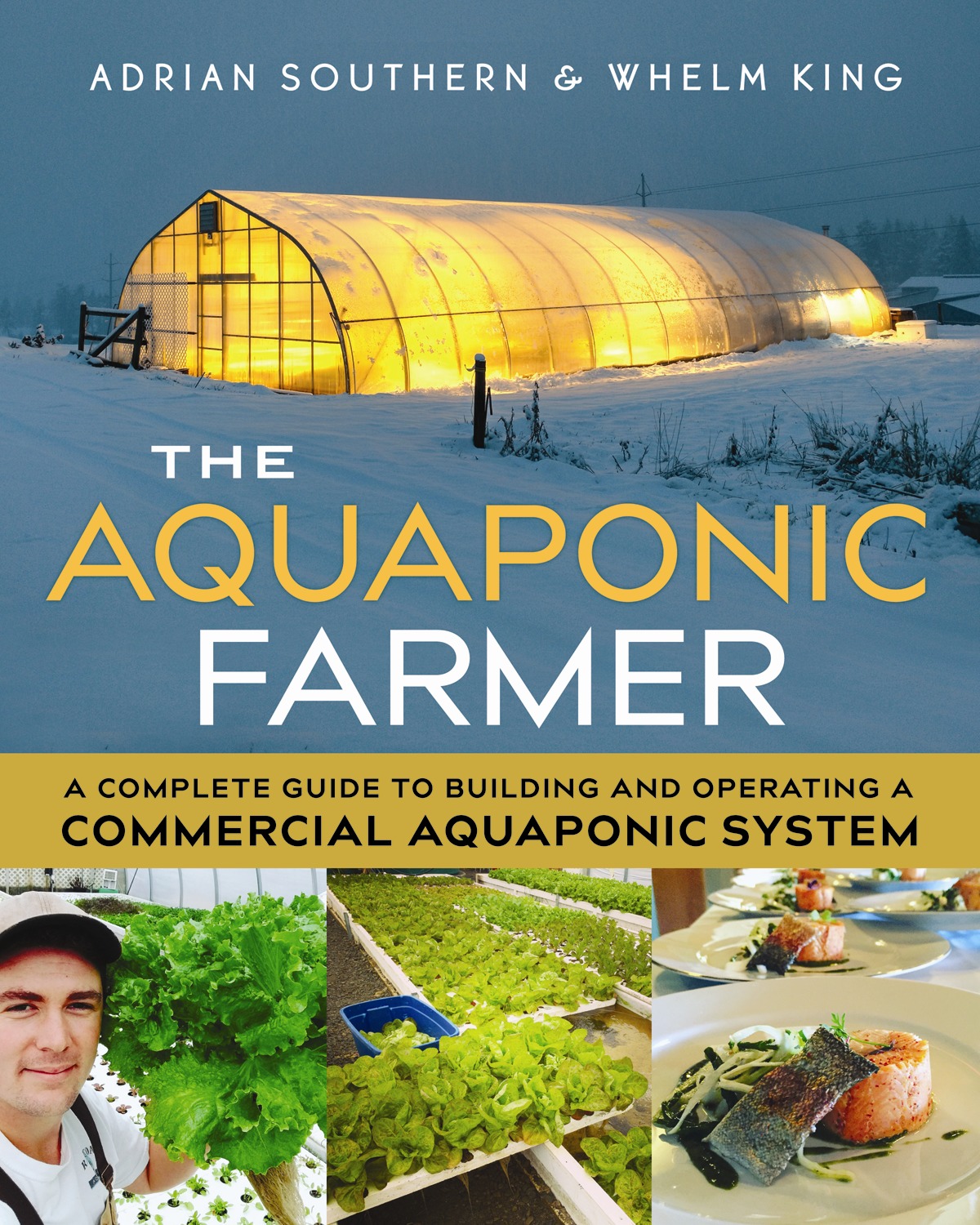
The Aquaponic Farmer The Aquaponic Farmer is a complete practical guide to understanding, constructing, and operating a family-farm scale commercial cold-water aquaponic system for raising trout and vegetables. It details a commercial Deep Water Culture system, with step-by-step design, construction, and management principles, based on actual production numbers. TECHNOLOGY & ENGINEERING,Fisheries & Aquaculture
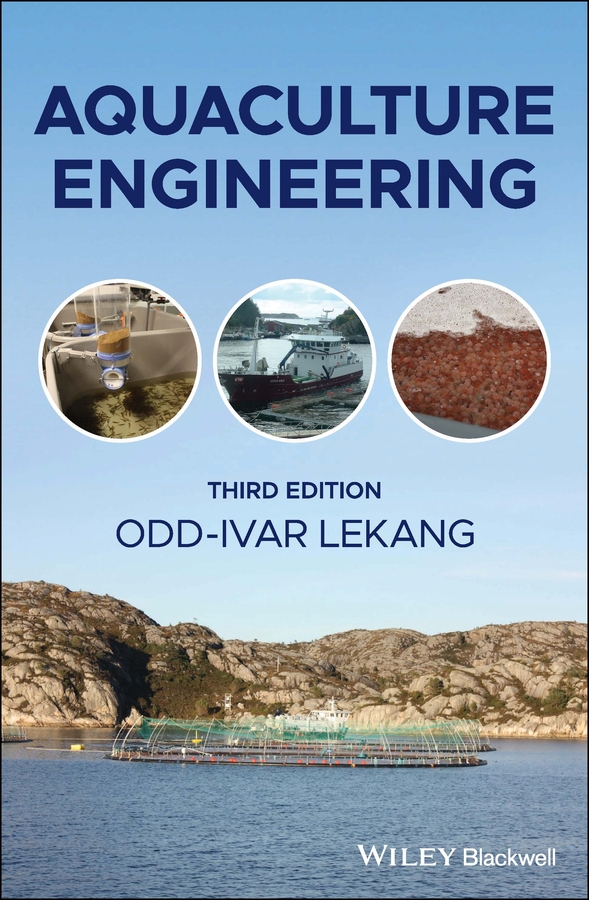
Aquaculture Engineering The revised edition of the comprehensive book that explores the principles and applications of aquaculture engineering Since the publication of the first edition of Aquaculture Engineering there have been many advances in the industry. The revised and thoroughly updated third edition of Aquaculture Engineering covers the principles and applications of all major facets of aquaculture engineering and the newest developments in the field. Written by a noted expert on the topic, the new edition highlights information on new areas of interest including RAS technology and offshore fish farming. Comprehensive in scope, the book examines a range of topics including: water transportation and treatment; feed and feeding systems; fish transportation and grading; cleaning and waste handling; instrumentation and monitoring; removal of particles; aeration and oxygenation; recirculation and water reuse systems; ponds; and the design and construction of aquaculture facilities. This important book: Presents an updated review of the basic principles and applications in aquaculture engineering Includes information on new areas of focus; RAS technology and offshore fish farming Contains a revised edition of the classic resource on aquaculture engineering Continues to offer an authoritative guide written by a leading expert in the field Written for aquaculture scientists and managers, engineers, equipment manufacturers and suppliers, and biological scientists, the third edition of Aquaculture Engineering is the authoritative guide to the topic that has been updated to include the most recent developments in the industry. TECHNOLOGY & ENGINEERING,Fisheries & Aquaculture
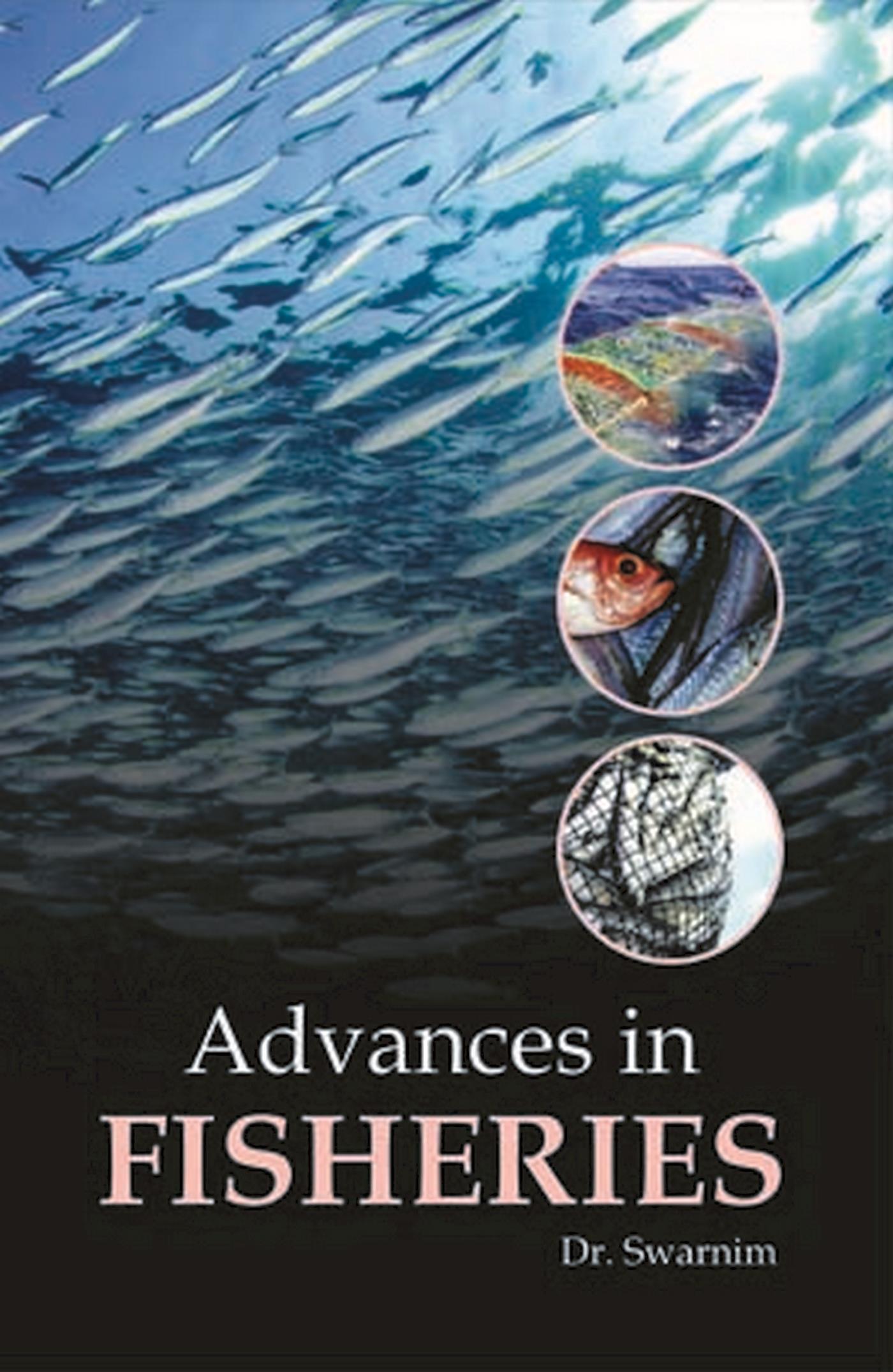
Advances in Fisheries Fish are a huge group of animals, represented by over 28 000 different species. They are cold-blooded, which means their body temperature varies with that of their surroundings. Worldwide, an array of preservation techniques are followed, ranging from a simple chilled or ice storage to most recent and advanced high pressure and electromagnetic field application. The book contains all essential terms used today in the broad field of fisheries science, genetic structure. An invaluable reference source for researchers and teachers in fisheries and allied fields and for anyone interested in fishes. TECHNOLOGY & ENGINEERING,Fisheries & Aquaculture
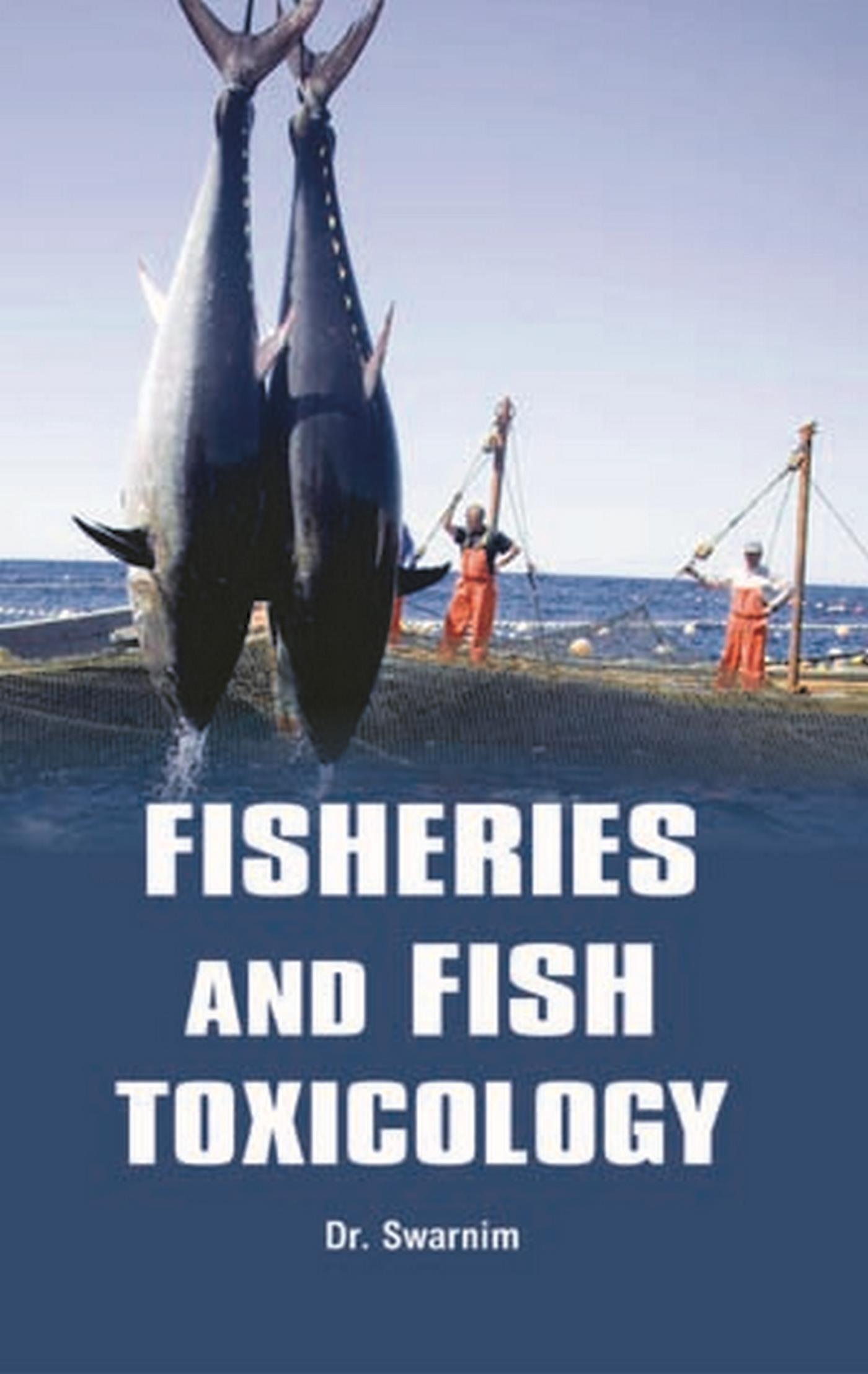
Fisheries and Fish Toxicology Fish is a rich source of animal protein and its culture is an efficient protein food production system from aquatic environment. Modern techniques of biotechnology offer the potential of moving any cloned gene from any organism into any other organism and confer much greater precision and speed in achieving results as compared to conventional techniques. The book aims at providing up-to-date information on different aspect of fisheries and fish toxicology with an indication of potential areas for future research. TECHNOLOGY & ENGINEERING,Fisheries & Aquaculture
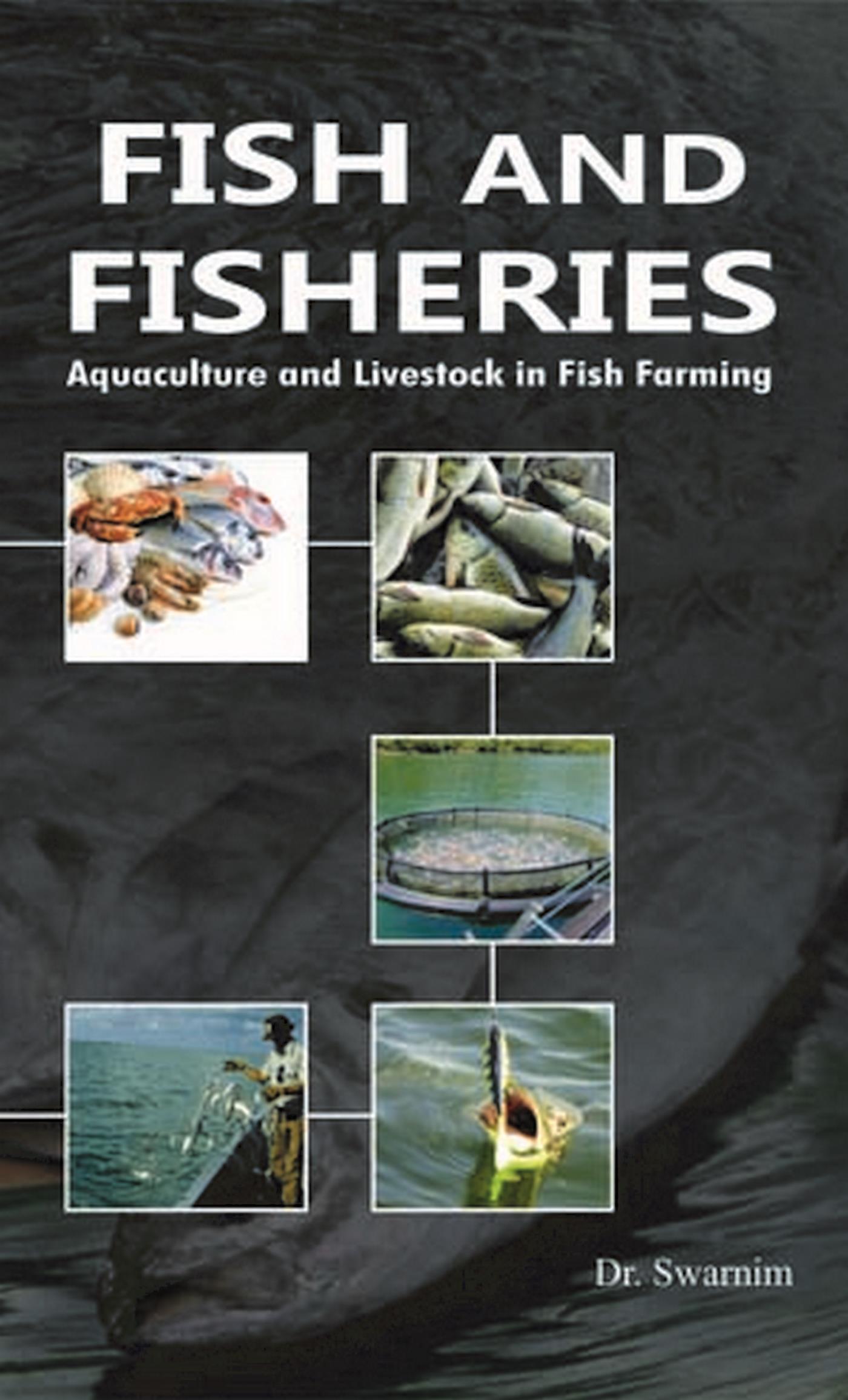
Fish and Fisheries The book "Fish and Fisheries" comprises chapters which includes both ichthyology and fisheries. This is basically a reference book written in a lucid style and having very high standard of presentation. Generally, a fishery is an entry engaged in raising or harvesting fish which is determined by some authority to be a fishery. Included in this definition are the living hagfish, lampreys, and cartilaginous, and bony fish, as well as various extinct related groups, Most fish are ectothermic, allowing their body temperatures to vary as ambient temperature change, though some of the large active swimmers like while shark and tuna can hold a higher core temperature. Fish are abundant in most bodies of water. They can be found in nearly all aquatic environments, from high mountain streams to the abyssal and even hadal depths of the deepest ocean. At 32000 species, fish exhibit greater species diversity than other group of vertebrates. TECHNOLOGY & ENGINEERING,Fisheries & Aquaculture
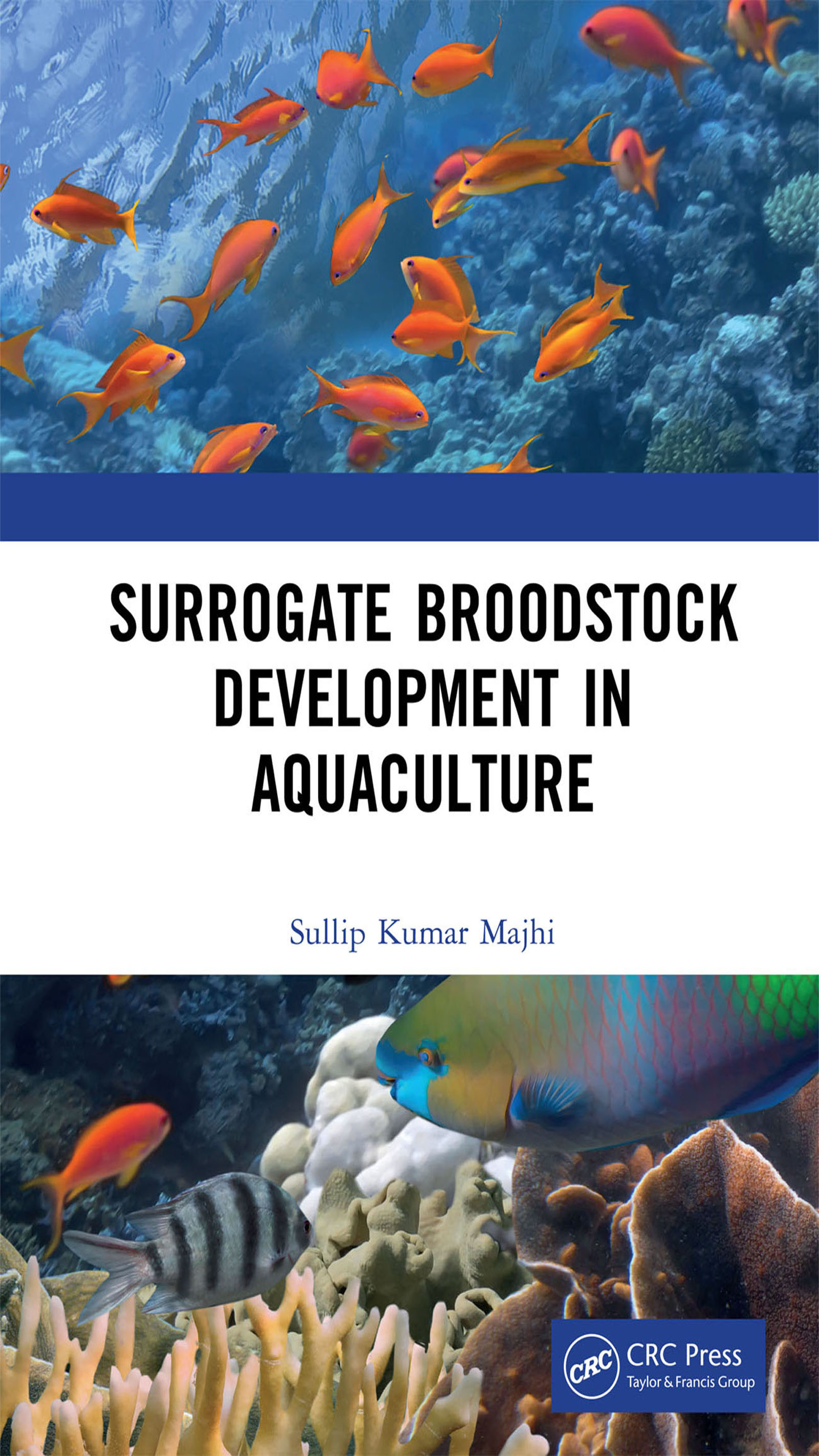
Surrogate Broodstock Development in Aquaculture The rapidly changing climatic condition coupled with habitat destruction, aquatic pollution and increasing anthropogenic pressure on water bodies have resulted in decline of many important fish population and some of them even become endangered. As of now the breeding protocol for seed production in captivity is developed for only handful of fish species and mostly their seed is collected from natural resources for aquaculture. This factor limits the efforts for species diversification in aquaculture. There are approaches/ technologies to generate seed of such fish species for aquaculture, especially the species that are too large to propagate in captivity or species those do not response to hormonal treatments due to stress of confinement. One of the viable approach is surrogate broodstock development using adult fish as the recipient. The obvious advantage of using adult fish as recipient is that, the donor-derived gametes can be generated within few months after stem cell transplantation; oppose to using embryos or young hatchlings those take years together to attain sexual maturity. Note: T& F does not sell or distribute the Hardback in India, Pakistan, Nepal, Bhutan, Bangladesh and Sri Lanka. TECHNOLOGY & ENGINEERING,Fisheries & Aquaculture
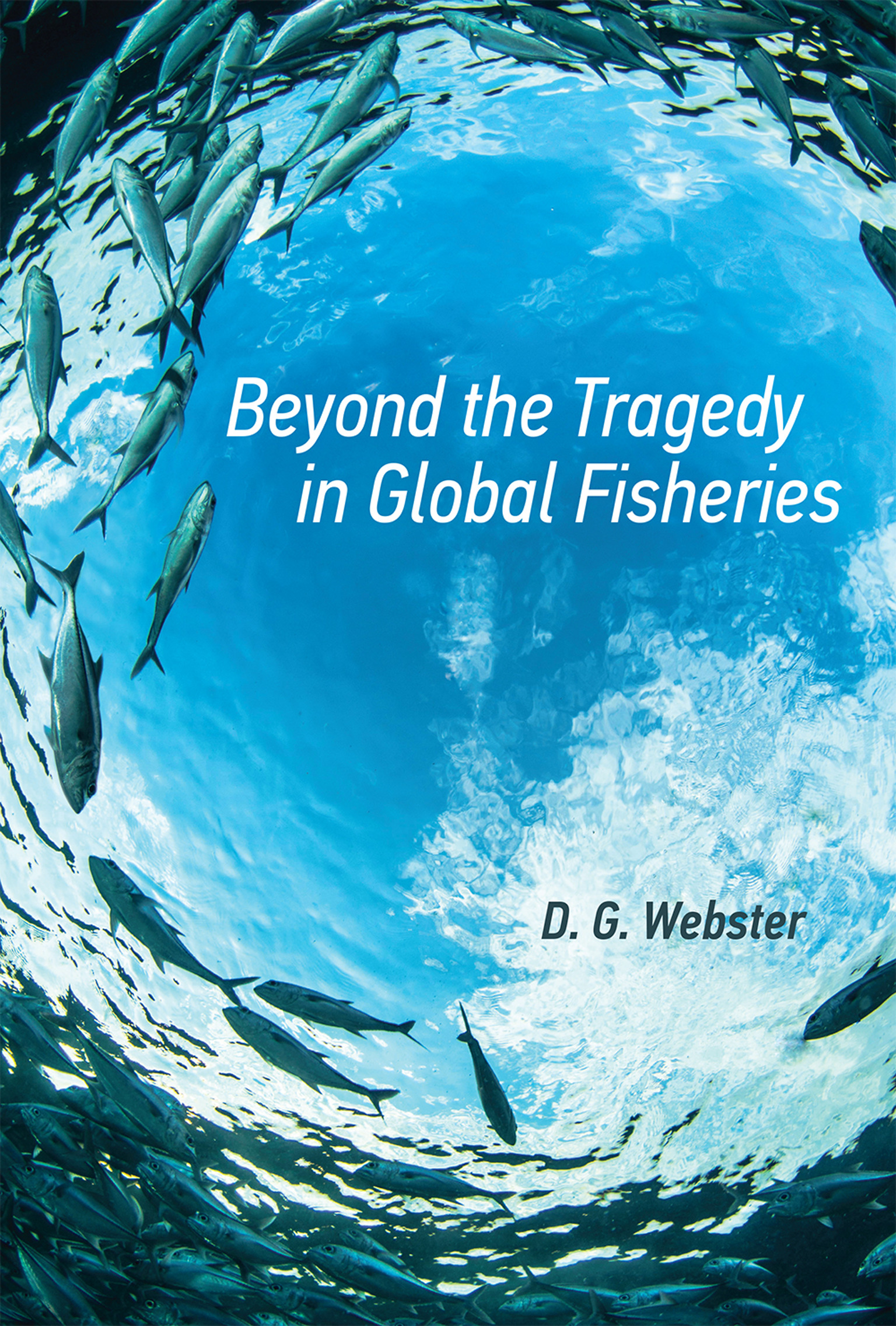
Beyond the Tragedy in Global Fisheries An analysis of how responsive governance has shaped the evolution of global fisheries in cyclical patterns of depletion and rebuilding dubbed the “management treadmill.” The oceans are heavily overfished, and the greatest challenges to effective fisheries management are not technical but political and economic. In this book, D. G. Webster describes how the political economy of fisheries has evolved and highlights patterns that are linked to sustainable transitions in specific fisheries. Grounded in the concept of responsive governance, Webster's interdisciplinary analysis goes beyond the conventional view of the "tragedy of the commons.” Using her Action Cycle/Structural Context framework, she maps long-running patterns that cycle between depletion and rebuilding in a process that she terms the management treadmill. Webster documents the management treadmill in settings that range from small coastal fishing communities to international fisheries that span entire oceans. She identifies the profit disconnect, in which economic incentives are out of sync with sustainable use, and the power disconnect, in which those who experience the costs of overexploitation are politically marginalized. She examines how these disconnects shaped the economics of expansion and documents how political systems failed to prevent related cycles of serial resource depletion. Webster also traces the increasing use of restrictive management in response to worsening fisheries crises and the emergence of new, noncommercial interests that demand greater management but also generate substantial conflict. She finds that the management treadmill is speeding up with population growth and economic development, and so concludes that sustainable fisheries can only exist within a sustainable global economic system. TECHNOLOGY & ENGINEERING,Fisheries & Aquaculture
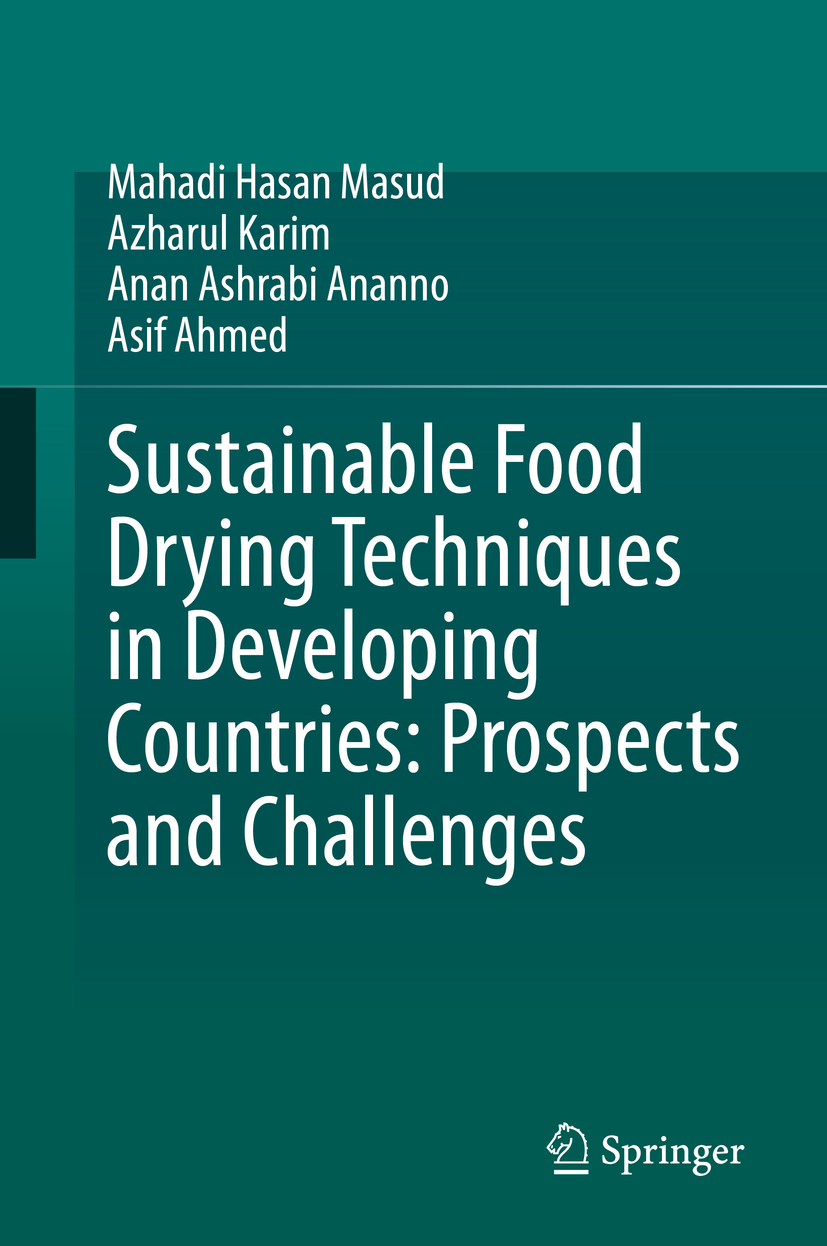
Sustainable Food Drying Techniques in Developing Countries This book presents a comprehensive review of renewable energy-based sustainable drying techniques for developing countries. Aspiring towards a world with zero food waste, the book has provided discussion on sustainable drying techniques in terms of energy efficiency. The socio-economic condition of each developing country is unique; therefore, has specific technological requirements. As such, the book presents discussions on food waste scenario around the world, the socio-economic status of developing countries and their correlation with food. The book gives an overview of the quality aspects of drying, along with the required energy and time to retain these features. Additionally, a method of selecting drying techniques for developing countries, taking the cost and safety factor into consideration, has been discussed extensively Also, the renewable and non-renewable energy resources of low income, lower-middle income, middle income, and high-income developing countries have been analyzed and presented. The book also highlights the available drying techniques that are currently being practiced by the consumers and industries of developing countries. The book recommends ten sustainable drying technologies for the developing countries and describes their working principle. Discussion on potential challenges for sustainable drying technology adoption is also presented. The book presents up-to-date research on sustainable drying techniques and their impact on developing countries to reduce food waste. Food waste is not only a humanitarian concern but also a threat to environmental sustainability. Currently, one-third of all produced food is being wasted, when nearly 805 million people - including children remain undernourished on a daily basis. In an effort to solve this crisis, a number of food preservations techniques are being practiced in food supply chain. Drying is one such preservation technique that prevents microbial proliferation, slows enzymatic reaction and preserves the physio-chemical properties of food. Albeit, drying is an effective means of food preservation; it is also highly energy-intensive. Developing countries do not have sufficient energy and financial resources to adopt conventional (expensive and high energy) drying techniques. As such, this is the first reference work dedicated to discussing the prospects and challenges of sustainable (renewable energy based and inexpensive) drying techniques for developing countries in order to reduce food waste. Sustainable food drying techniques in developing countries: Prospects and Challenges is a singular work in the field of food preservation and affordable drying technology. TECHNOLOGY & ENGINEERING,Food Science,Chemistry & Biotechnology

Vegetable Fats and Oils This encyclopedia scientifically describes 121 vegetable oils and fats. In addition to conventional oils, the book also covers lesser-known oils such as Amaranth, Chia, prickly pear, and quinoa. Author pays particular attention to root plants, extraction, and the ingredients included in information nutritionally relevant to fatty acid patterns. Applications in pharmacology, medicine, cosmetics and technology, as well as possible adverse effects, are discussed. The thoroughly researched reference book includes detailed descriptions along with the latest research results and methods. TECHNOLOGY & ENGINEERING,Food Science,Chemistry & Biotechnology

Gut Remediation of Environmental Pollutants This book focuses on probiotics and gut microbiota, as well as their roles in alleviating the toxicity of various environmental pollutants, presenting the latest research findings and explaining advanced research methods and tools. At the same time, it offers suggestions for future research directions. Further, the book introduces readers to the concept of gut remediation, a potential approach to reducing environmental-pollutant toxicity in vivo, based on modulation of gut microbiota using probiotic supplements. Lastly it provides suggestions for further reading. TECHNOLOGY & ENGINEERING,Food Science,Chemistry & Biotechnology
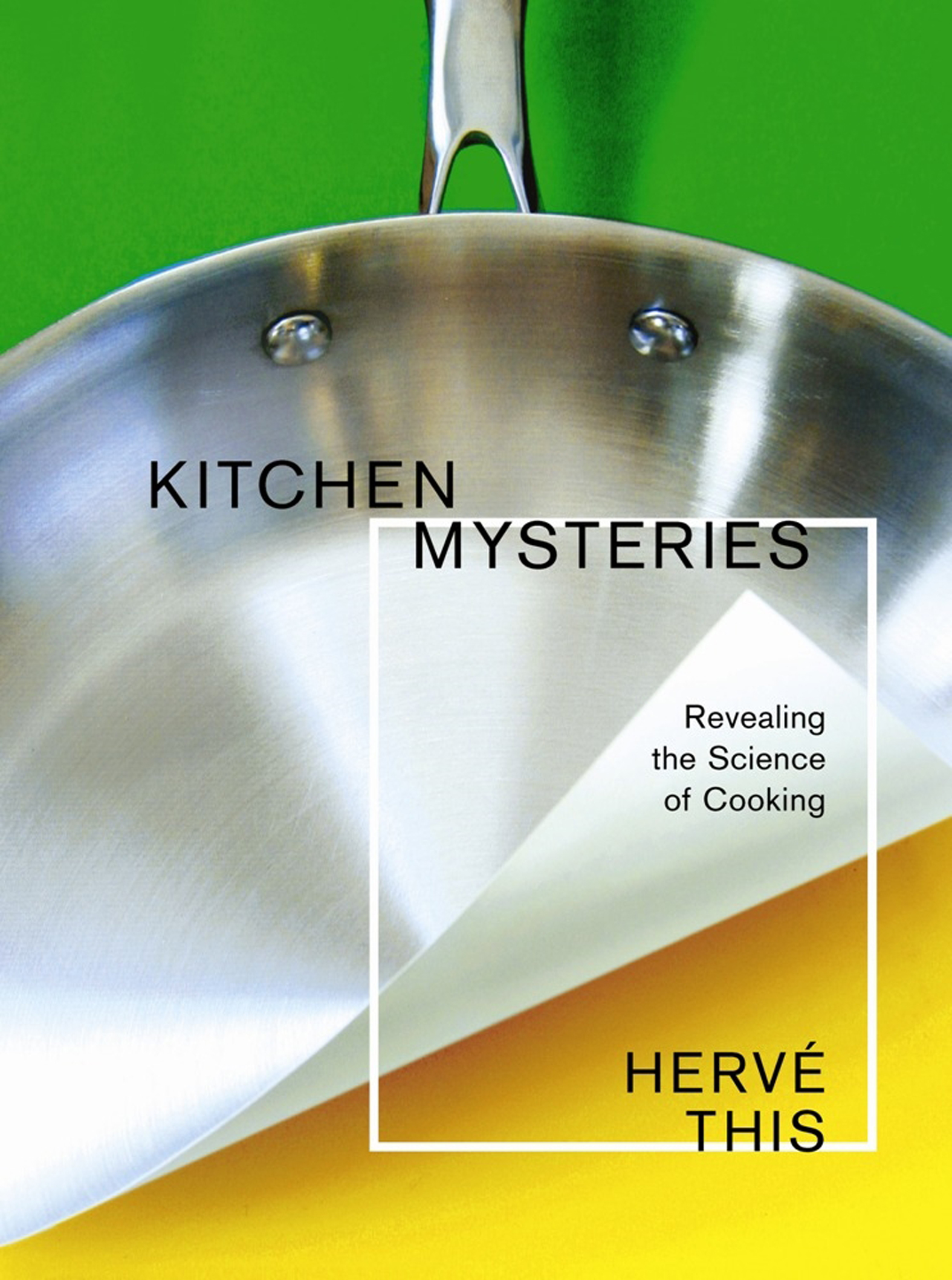
Kitchen Mysteries “This’s molecular gastronomy is garnished with [his] own rich philosophy of food and flavor†in a book that reveals the science behind everyday cooking (Nature). In Kitchen Mysteries, Hervé This—international celebrity and founder of molecular gastronomy—offers a second helping of his world-renowned insight into the science of cooking, answering such fundamental questions as what causes vegetables to change color when cooked and how to keep a soufflé from falling. He illuminates abstract concepts with practical advice and concrete examples—for instance, how sautéing in butter chemically alters the molecules of mushrooms—so that cooks of every stripe can thoroughly comprehend the scientific principles of food. By sharing the empirical principles chefs have valued for generations, Hervé This adds another dimension to the suggestions of cookbook authors. He shows how to adapt recipes to available ingredients and how to modify proposed methods to the utensils at hand. His revelations make difficult recipes easier to attempt and allow for even more creativity and experimentation. Promising to answer your most compelling kitchen questions, Hervé This continues to make the complex science of food digestible to the cook. “Cooks who want to learn more about the chemistry and physics that make their efforts possible will discover useful things here.â€â€”Booklist “This has made invisible processes visible, revealed the mysteries, and the bread has risen, baked, and been enjoyed.â€â€”Appetite for Books “[An] eye-opening book.â€â€”Portsmouth Herald “Kitchen Mysteries is another tour de force for the French scientific chef . . . Highly Recommended.â€â€”Choice TECHNOLOGY & ENGINEERING,Food Science,Chemistry & Biotechnology
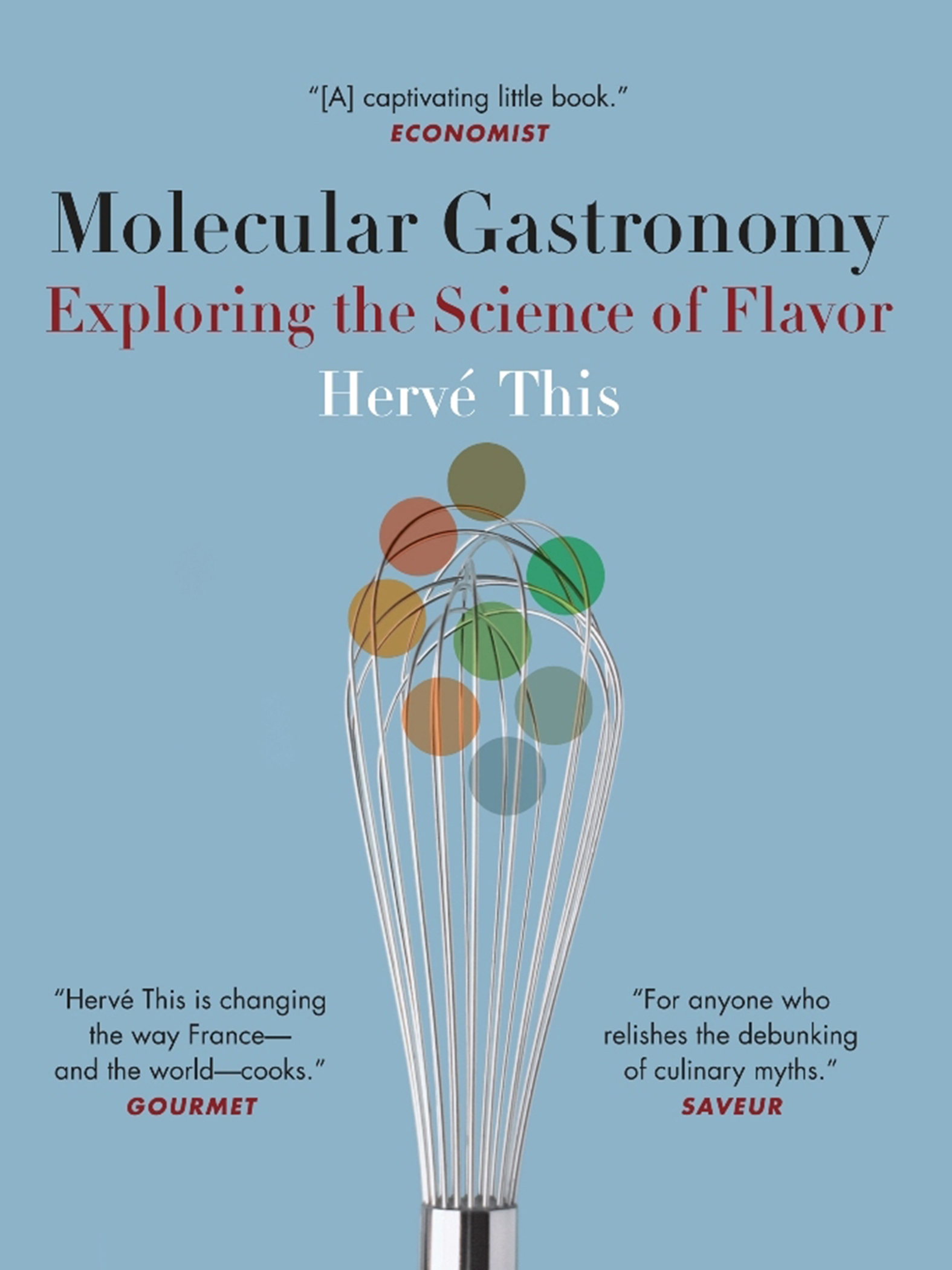
Molecular Gastronomy “Taking kitchen science to a whole new (molecular) level, Hervé This is changing the way France---and the world—cooks.â€â€”Gourmet Bringing the instruments and experimental techniques of the laboratory into the kitchen, Hervé This—international celebrity and founder of molecular gastronomy—uses recent research in the chemistry, physics, and biology of food to challenge traditional ideas about cooking and eating. What he discovers will entertain, instruct, and intrigue cooks, gourmets, and scientists alike. Molecular Gastronomy is filled with practical tips, provocative suggestions, and penetrating insights. This begins by reexamining and debunking a variety of time-honored rules and dictums about cooking and presents new and improved ways of preparing a variety of dishes from quiches and quenelles to steak and hard-boiled eggs. Looking to the future, This imagines new cooking methods and proposes novel dishes. A chocolate mousse without eggs? A flourless chocolate cake baked in the microwave? Molecular Gastronomy explains how to make them. This also shows us how to cook perfect French fries, why a soufflé rises and falls, how long to cool champagne, when to season a steak, the right way to cook pasta, how the shape of a wine glass affects the taste of wine, why chocolate turns white, and how salt modifies tastes. “A captivating little book.â€â€”Economist “This book, praiseworthy for its scientific rigor, will hold a special appeal for anyone who relishes the debunking of culinary myths.â€â€”Saveur “Will broaden the way you think about food.â€â€”The New York Sun “A wonderful book . . . it will appeal to anyone with an interest in the science of cooking.â€â€”O Chef TECHNOLOGY & ENGINEERING,Food Science,Chemistry & Biotechnology

Health Foods from Ocean Animals Marine animals and their body constituents have been in use by mankind for nutrition and medical applications centuries ago. This book contains some well known and lesser known compounds from some important marine animals those have been consumed by man for centuries. This is the first book in this field and will serve as a reference for future researchers in the field. Note: T&F does not sell or distribute the Hardback in India, Pakistan, Nepal, Bhutan, Bangladesh and Sri Lanka. TECHNOLOGY & ENGINEERING,Food Science,Food Types
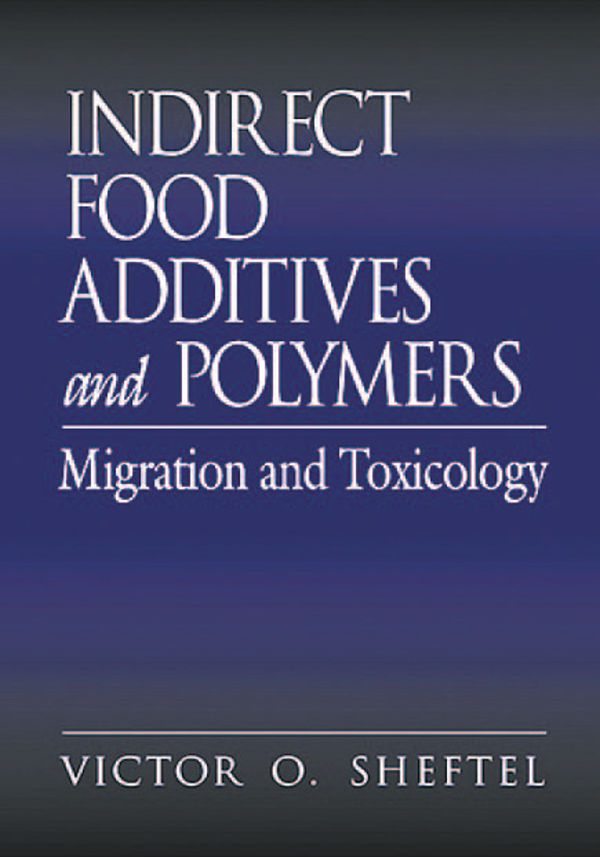
Indirect Food Additives and Polymers Now, more than ever, foods come packaged in containers designed for direct cooking or heating, which often causes the movement of substances - indirect additives - into foods. Because of their unique characteristics, plastics or polymeric materials (PM) have become the most important packaging material for food products. The safety assessment of pl TECHNOLOGY & ENGINEERING,Food Science,General
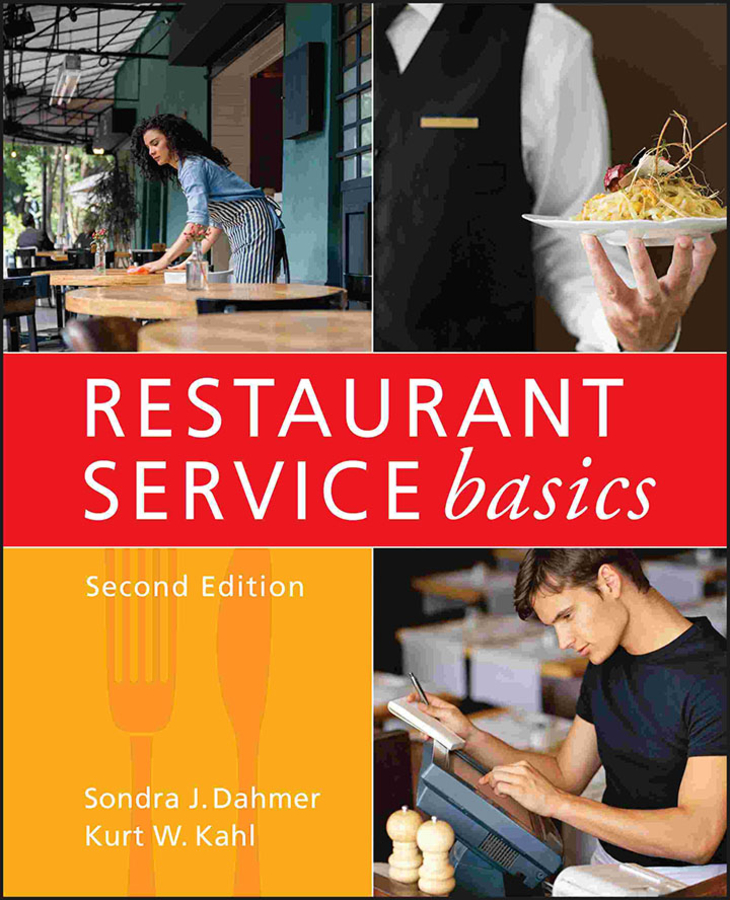
Restaurant Service Basics An excellent training tool for both hospitality programs and working restaurant managers, Restaurant Service Basics, 2nd Edition considers the entire dining experience in situations ranging from formal to casual. Step-by-step instructions guide readers through service functions. Different types of service French, American, English, Russia, Family-style, and Banquet are explained in detail, along with universally important safety, sanitation, and emergency procedures. This Second Edition features end-of-chapter projects that incorporate real-life situations, as well as enhanced coverage of point-of-service and other technology use in restaurants. TECHNOLOGY & ENGINEERING,Food Science,General
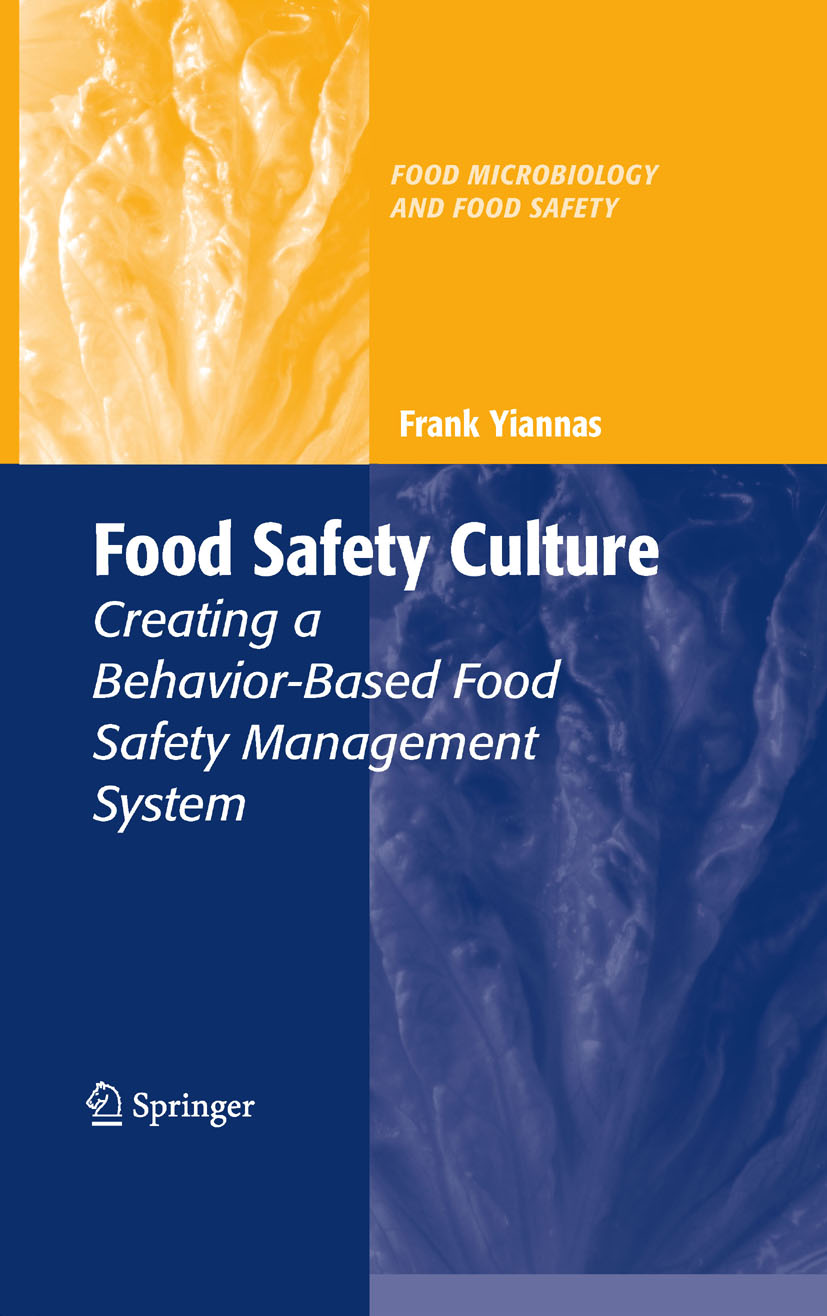
Food Safety Culture Food safety awareness is at an all time high, new and emerging threats to the food supply are being recognized, and consumers are eating more and more meals prepared outside of the home. Accordingly, retail and foodservice establishments, as well as food producers at all levels of the food production chain, have a growing responsibility to ensure that proper food safety and sanitation practices are followed, thereby, safeguarding the health of their guests and customers. Achieving food safety success in this changing environment requires going beyond traditional training, testing, and inspectional approaches to managing risks. It requires a better understanding of organizational culture and the human dimensions of food safety. To improve the food safety performance of a retail or foodservice establishment, an organization with thousands of employees, or a local community, you must change the way people do things. You must change their behavior. In fact, simply put, food safety equals behavior. When viewed from these lenses, one of the most common contributing causes of food borne disease is unsafe behavior (such as improper hand washing, cross-contamination, or undercooking food). Thus, to improve food safety, we need to better integrate food science with behavioral science and use a systems-based approach to managing food safety risk. The importance of organizational culture, human behavior, and systems thinking is well documented in the occupational safety and health fields. However, significant contributions to the scientific literature on these topics are noticeably absent in the field of food safety. TECHNOLOGY & ENGINEERING,Food Science,General

Starch The third edition of this long-serving successful reference work is a 'must-have' reference for anyone needing or desiring an understanding of the structure, chemistry, properties, production and uses of starches and their derivatives.* Includes specific information on corn, wheat, potato, rice, and new chapters on rye, oat and barley (including waxy barley) starches * Covers the isolation processes, properties, functionalities, and uses of the most commonly used starches. * Explores the genetics, biochemistry, and physical structure of starches * Presents current and emerging application trends for starch TECHNOLOGY & ENGINEERING,Food Science,General

Nutrition For Dummies In this fully updated second edition, expert dieticians Sue Baic and Nigel Denby provide no-nonsense advice, equipping you with all the information you need to make informed decisions about your diet. The book acts as a sound reference point if you want to know the facts about food, and debunks the myths behind fad diets. Nutrition For Dummies, 2nd Edition provides a detailed understanding of the nutritional breakdown of different food groups and examines the relationship food has with one's physical and mental wellbeing. The book also advises you on how to establish healthy eating patterns and how to maximise the health benefits of what you eat. This new edition includes approx 20% new and updated material, including new chapters on nutrition in institutions and how to eat healthily on the go. New content also includes up-to-date health guidelines and government policies, information on probiotics and over the counter weight loss drugs, plus advice on how to eat well on a budget. Nutrition For Dummies, 2nd Edition includes: Part I: The Basic Facts about Nutrition Chapter 1: What's Nutrition, Anyway? Chapter 2: Digestion: The 24-Hour Food Factory Chapter 3: Why You Eat What You Eat and Like What You Like Part II: What You Get from Food Chapter 4: Powerful Protein Chapter 5: The Lowdown on Fat and Cholesterol Chapter 6: Calories: The Energisers Chapter 7: Carbohydrates: A Complex Story Chapter 8: The Alcohol Truth: The Whole Truth Chapter 9: Vigorous Vitamins Chapter 10: Mighty Minerals Chapter 11: Phabulous Phytochemicals Chapter 12: Water Works Part III: Healthy Eating Chapter 13: What Is a Healthy Diet? Chapter 14: Making Wise Food Choices Chapter 15 : Ensuring Good Nutrition Whoever You Are NEW! Chapter 16: Eating in Institutions NEW! Chapter 17: Being Nutritionally Savvy on the Go Part IV: Processed Food Chapter 18: What Is Processed Food? Chapter 19: Cooking and Keeping Food Chapter 20: Weird Science: Examining Food Additives Part V: Food and Health Chapter 21: Food and Allergies Chapter 22: Food and Mood Chapter 23: Food and Medicine Chapter 24: Food and Dietary Supplements Part VI: The Part of Tens Chapter 25: Ten Nutrition Web Sites You Can Trust Chapter 26: Ten Superfoods Chapter 27: Ten Fad Diets: The Truth Behind the Headlines TECHNOLOGY & ENGINEERING,Food Science,General

Nutritional Management of Renal Disease This translational text offers in-depth reviews of the metabolic and nutritional disorders that are prevalent in patients with renal disease. Chapter topics address the growing epidemic of obesity and metabolic syndrome. Each chapter integrates basic and clinical approaches, from cell biology and genetics to diagnosis, patient management and treatment. Chapters in sections 4-7 include new illustrative case reports, and all chapters emphasize key concepts with chapter-ending summaries. New features also include the latest National Kidney Foundation Clinical Practice Guidelines on Nutrition in Chronic Renal Failure, the most recent scientific discoveries and the latest techniques for assessing nutritional status in renal disease, and literature reviews on patients who receive continuous veno-venous hemofiltration with or without dialysis. Provides a common language for nephrologists, nutritionists, endocrinologists, and other interested physicians to discuss the underlying research and translation of best practices for the nutritional management and prevention of renal disease Saves clinicians and researchers time in quickly accessing the very latest details on nutritional practice as opposed to searching through thousands of journal articles Correct diagnosis (and therefore correct treatment) of renal, metabolic, and nutritional disorders depends on a strong understanding of the molecular basis for the disease – both nephrologists and nutritionists will benefit Nephrologists and nutritionists will gain insight into which treatments, medications, and diets to use based on the history, progression, and genetic make-up of a patient Case Reports will offer an added resource for fellows, nutritionists, and dieticians who need a refresher course TECHNOLOGY & ENGINEERING,Food Science,General

Sensory Evaluation Practices This Second Edition of Sensory Evaluation Practices provides the background and understanding necessary to make informed decisions about managing a sensory evaluation program, designing tests, and interpreting and reporting results. The authors have been in the sensory management consulting business for more than 20 years and bring their expertise to the enthusiastic and comprehensive revision of this invaluable book. Sensory evaluation of a product is the measurement of what is perceived about that product—not only in terms of its efficacy, but also by the more subtle influences of sight, smell, taste, touch, and where applicable, sound. A key benefit from this exciting and quantitative science is cost reduction in product reformulation due to the ability to evaluate a product's consumer acceptance in the marketplace. Reveals changes in the field, particularly in the business view of sensory evaluation as a product information source Clarifies the relationships between product specialists/experts and sensory panels, between sensory and market research , and between study of perception and sensory evaluation of products Includes discussion of test requests and their "hidden agenda" product selection, and the relative merits of testing products from different (laboratory, pilot plant, production) sources Introduces two new methods of quantitative descriptive analysis and an investigation of the merits of product specific versus global panels Discusses affective testing and the advantages of various methods including testing with children, the interaction between sensory and market research, the use of employees versus non-employees, and the effect of the number of judgments on product decisions TECHNOLOGY & ENGINEERING,Food Science,General

Should We Eat Meat? Meat eating is often a contentious subject, whether considering the technical, ethical, environmental, political, or health-related aspects of production and consumption. This book is a wide-ranging and interdisciplinary examination and critique of meat consumption by humans, throughout their evolution and around the world. Setting the scene with a chapter on meat’s role in human evolution and its growing influence during the development of agricultural practices, the book goes on to examine modern production systems, their efficiencies, outputs, and impacts. The major global trends of meat consumption are described in order to find out what part its consumption plays in changing modern diets in countries around the world. The heart of the book addresses the consequences of the "massive carnivory" of western diets, looking at the inefficiencies of production and at the huge impacts on land, water, and the atmosphere. Health impacts are also covered, both positive and negative. In conclusion, the author looks forward at his vision of “rational meat eatingâ€, where environmental and health impacts are reduced, animals are treated more humanely, and alternative sources of protein make a higher contribution. Should We Eat Meat? is not an ideological tract for or against carnivorousness but rather a careful evaluation of meat's roles in human diets and the environmental and health consequences of its production and consumption. It will be of interest to a wide readership including professionals and academics in food and agricultural production, human health and nutrition, environmental science, and regulatory and policy making bodies around the world. TECHNOLOGY & ENGINEERING,Food Science,General
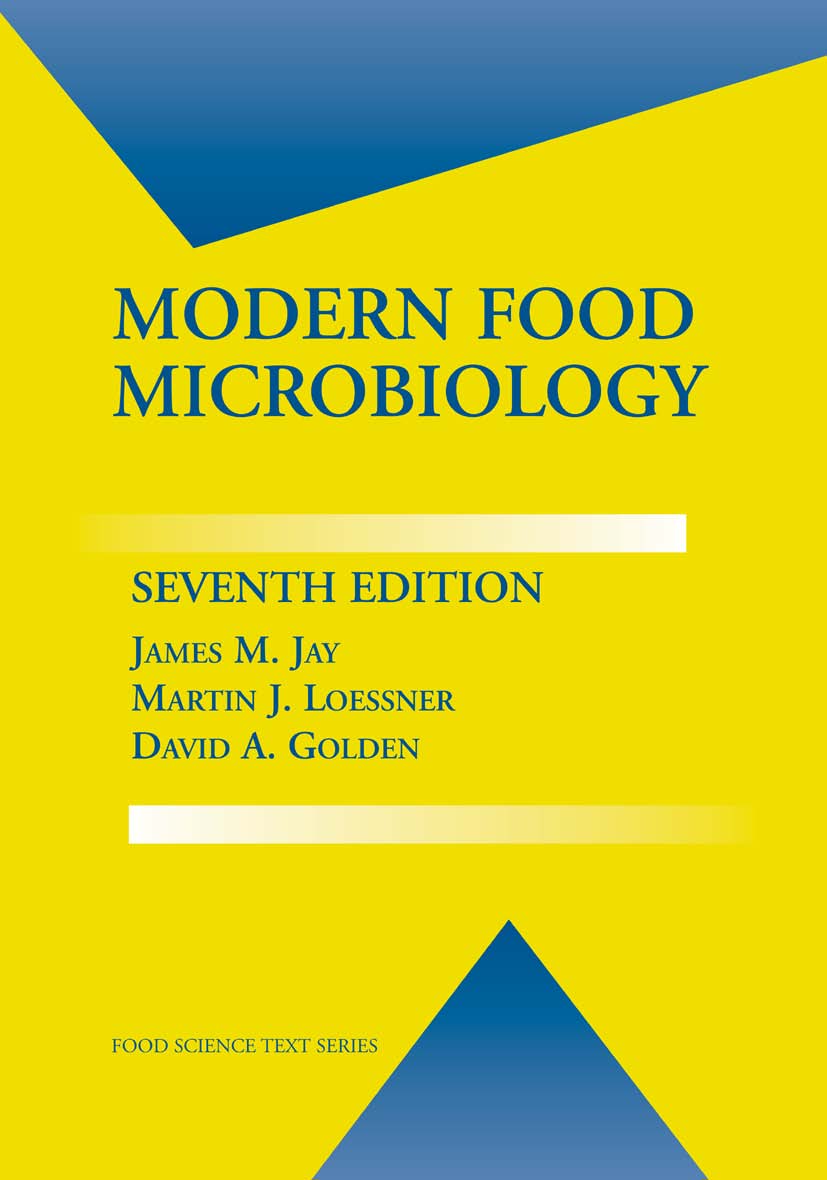
Modern Food Microbiology With 30 revised and updated chapters, the new edition of this classic text brings benefits to professors and students alike who will find new sections on proteobacteria, bottled water, food sanitizers (eletrolyzed oxidating water, ozone, chlorine, activin, chitosans, endolysins, etc.), bicontrol, biosensors quorum sensing, molecular genetic methods of analysis, food safety objectives, noroviruses, and prions. The book builds on the trusted and established sections on food preservation by modified atmosphere, high pressure and pulsed electric field processing, food-borne pathogens, food regulations, fresh-cut produce, new food products, and risk assessment and analysis. In-depth references, appendixes, illustrations, index and thorough updating of taxonomies make this an essential for every food scientist. TECHNOLOGY & ENGINEERING,Food Science,General
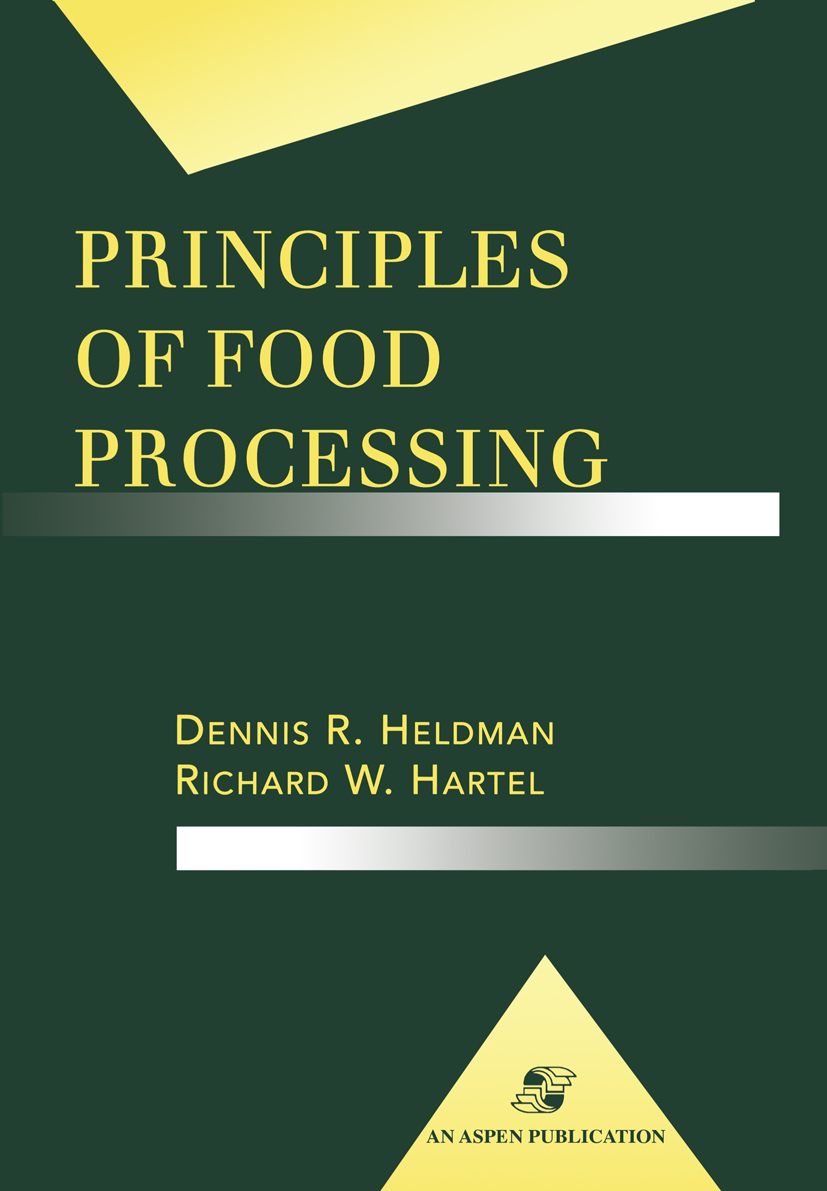
Principles of Food Processing The approach to teaching the concepts of food processing to the undergrad uate food science major has evolved over the past 40 years. In most under graduate food science curricula, food processing has been taught on a commodity basis. In many programs, several courses dealt with processing with emphasis on a different commodity, such as fruits and vegetables, dairy products, meat products, and eggs. In most situations, the emphasis was on the unique characteristics of the commodity and very little empha sis on the common elements associated with processing of the different commodities. Quite often the undergraduate student was allowed to select one or two courses from those offered in order to satisfy the minimum standards suggested by the Institute of Food Technologists. The current 1FT minimum standards suggest that the undergradu ate food science major be required to complete at least one food processing course. The description of this course is as follows: One course with lecture and laboratory which covers general characteristics of raw food materials, principles offood preserva tion, processing factors that influence quality, packaging, water and waste management, and sanitation. Prerequisites: general chemistry, physics, and general microbiology. TECHNOLOGY & ENGINEERING,Food Science,General
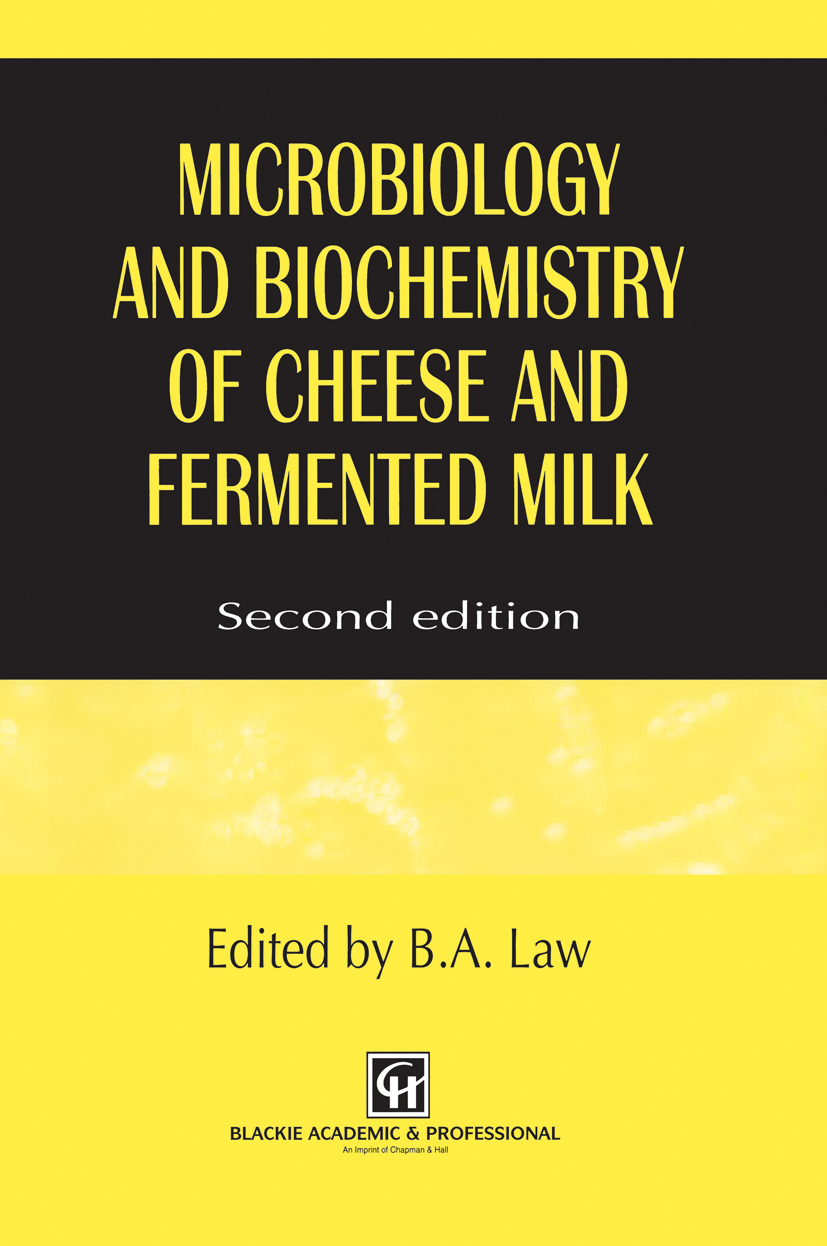
Microbiology and Biochemistry of Cheese and Fermented Milk The first edition of Advances in the Microbiology and Biochemistry of Cheese and Fermented Milk was aimed at the gap in the literature between the many excellent technical texts on the one hand, and the widely scattered scientific literature on the other. We tried to present the state of the art in pre competitive research in a predigested, yet scientifically coherent form, and relate it to the marketable properties of fermented dairy products. In this way, researchers could use the book to mentally step back from their specializations and see how far they had progressed as a community; at the same time we hoped that R&D-based companies could use it to assess the utility (or lack of it) of the research output in setting out their research acquisition strategy for product improvement and innovation. In a sense, the first edition could claim to have initiated Technology Foresight in its limited field before Government caught the idea, and it certainly gave the science base an opportunity to display its talents and resources as a potential source of wealth creation, well before this became an 'official' function of publicly funded science and technology. Thus, the first edition was intended as a progressive move within the growing science and technology literature, and judged by its market success, it seems to have served precisely that purpose. TECHNOLOGY & ENGINEERING,Food Science,General
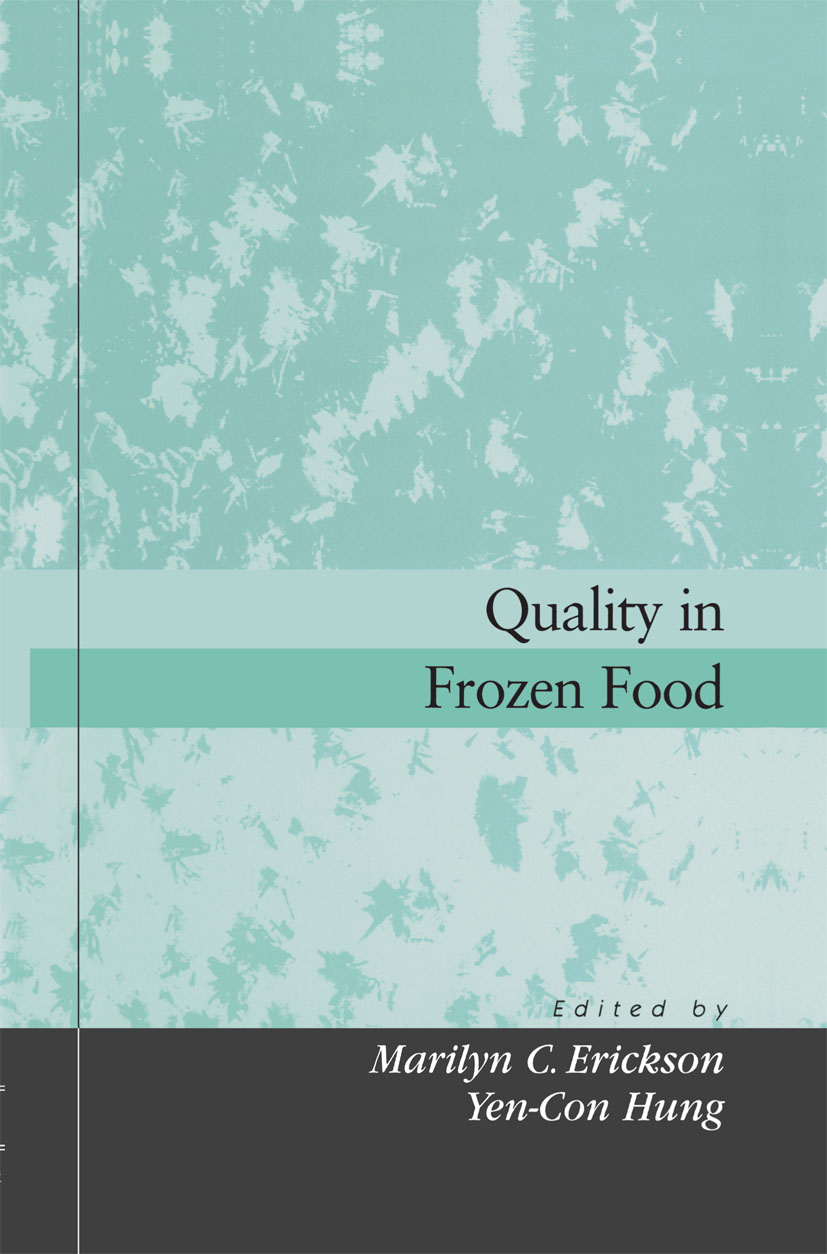
Quality in Frozen Food This book presents a comprehensive, integrated view of quality in frozen foods. It addresses quality from a number of perspectives: technological (mechanical and cryogenic methods of freezing); categorical (classification of quality loss); analytical (measurement of quality); theoretical (model building); applied (preventative treatments), and administrative (policy). The book focuses on the principles of freezing and the concepts of quality, and is therefore applicable to research and development of all types of products. Features include: technological and fundamental features of freezing; types of deterioration that occur in frozen foods; treatment to minimize quality losses during freezing and storage; methods to assess quality losses; strategies that impact a frozen product's quality and ultimate consumer acceptance. TECHNOLOGY & ENGINEERING,Food Science,General
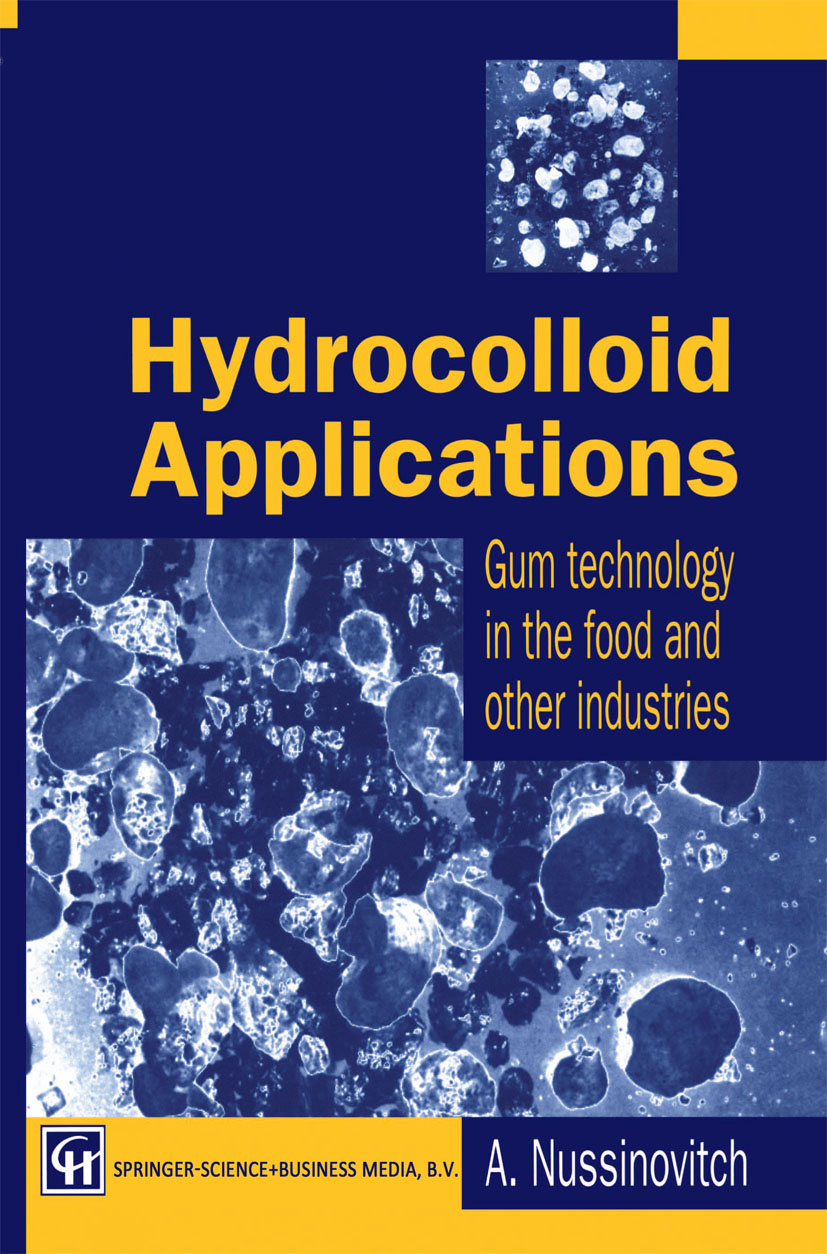
Hydrocolloid Applications Water-soluble gums are beneficial in many fields, including food, agricul ture, adhesives, biotechnology, ceramics, cosmetics, explosives, paper, tex tiles and texturization, among many others. It is almost impossible to spend a day without directly or indirectly enjoying their qualities. This book on hydrocolloid applications is divided into two major portions. The first is devoted to a few important gelling and non-gelling gums, their sources, the raw materials from which they are manufactured, their structures, functions and properties, followed by their food applica tions. The second part of the book details gums' industrial, non-food uses in a unique way: it assumes the reader's unfamiliarity with the many fields in which gums can be useful. It, therefore, provides a broad introduction to the development, technology and many aspects of gums' major non-food uses, as well as giving detailed explanations of where, when and how gums are incorporated into products in these industries. The text is also accom panied by a detailed index, designed to help the reader locate information easily. I wish to thank the publishers for giving me the opportunity to write this book. Their patience is very much appreciated. I wish to thank my editor Camille Vainstein for working shoulder-to-shoulder with me when time was getting short and Dr Zippora Gershon for supporting me with references and good advice over the years. TECHNOLOGY & ENGINEERING,Food Science,General
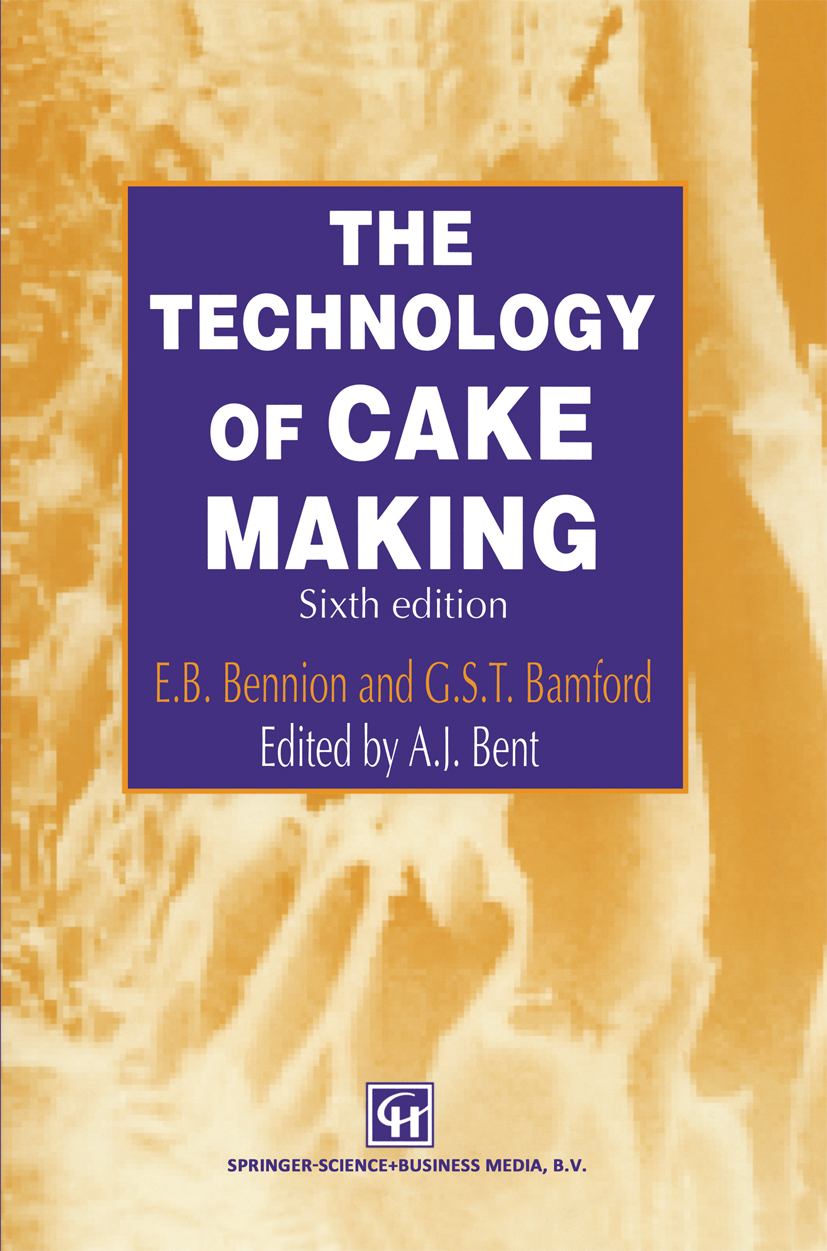
The Technology of Cake Making The popularity of the 1973 fifth edition of The Technology of Cake Making has continued in many of the English-speaking countries throughout the world. This sixth edition has been comprehensively revised and brought up to date with new chapters on Cream, butter and milkfat products, Lactose, Yeast aeration, Emulsions and emulsifiers, Water activity and Reduced sugar Eggs and egg products, Baking fats, and lower fat goods. The chapters on Sugars, Chemical aeration, Nuts in confectionery, Chocolate, Pastries, Nutritional value and Packaging have been completely rewritten. The increased need for the continuous development of new products does not of necessity mean that new technology has to be constantly introduced. Many of the good old favourites may continue to be produced for many years and they form suitable 'bench marks' for new product development. The sixth edition introduces the use of relative density to replace specific volume as a measure of the amount of aeration in a cake batter (the use of relative density is in line with international agreement). Specific volume is kept as a measurement of baked product volume since the industry is comfortable with the concept that, subject to an upper limit, an increase in specific volume coincides with improvement in cake quality. TECHNOLOGY & ENGINEERING,Food Science,General
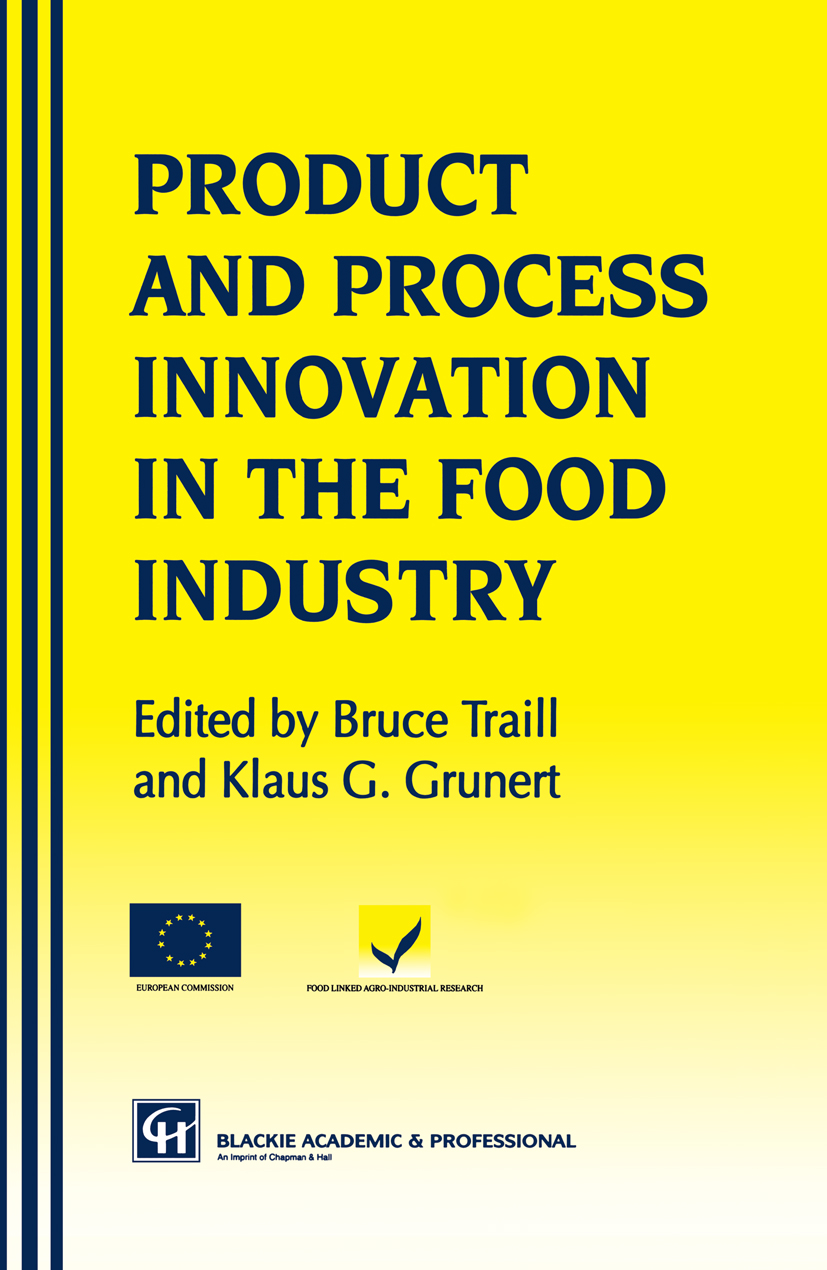
Products and Process Innovation in the Food Industry Innovation in new product development is a key factor in determining the success of a food company yet the area is fraught with risk, with failure rates in excess of 90% being common. Using a series of 12 European cases studies, this book examines the innovation process from agriculture through to retailer. Each example highlights a different aspect of innovation, and the lessons that can be learned from experience. It considers the important role that marketing as well as technical aspects play in the process. TECHNOLOGY & ENGINEERING,Food Science,General
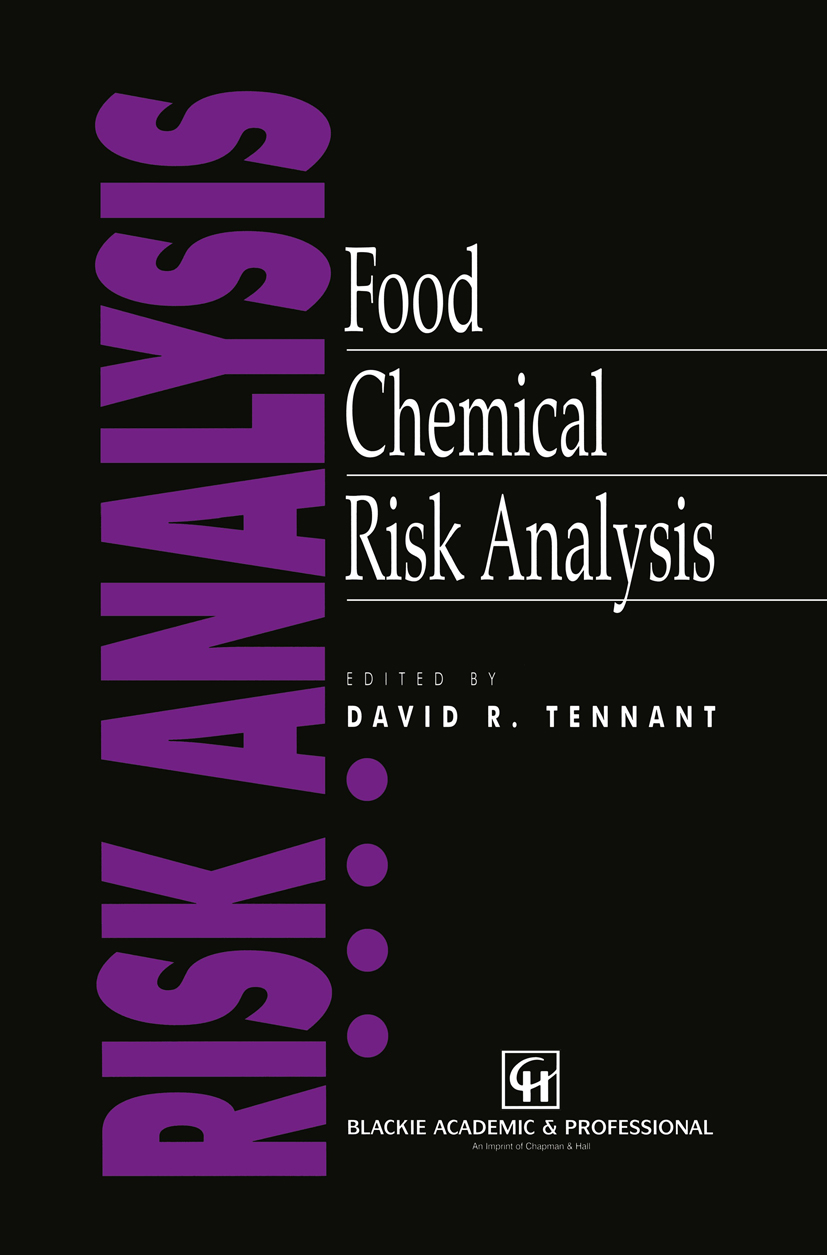
Food Chemical Risk Analysis Food Chemical Risk Analysis provides an introduction to the sciences of food chemistry and risk analysis and demonstrates how the potential hazards associated with food chemicals can be assessed and managed. Food scares are never far from the news and particular attention is therefore focused on the consumer perception of risk and risk communication. Leading international experts provide unique insights in the future of food chemical risk analysis. Chapters on alternatives to animal testing show how emerging methods offer the prospect of a more rational human-based approach to toxicity testing. Discussions about relative risks and protective factors highlight the possibility that risks from food can be over-estimated and approaches to avoid such risks are proposed. The science of risk management is presented as more than just a method for translating science into policy by demonstrating how social, psychological, economic ethical and other factors can, and should be taken into account. The book makes it clear that if risk communication is to be effective, an integrated approach to risk analysis must be adopted. TECHNOLOGY & ENGINEERING,Food Science,General
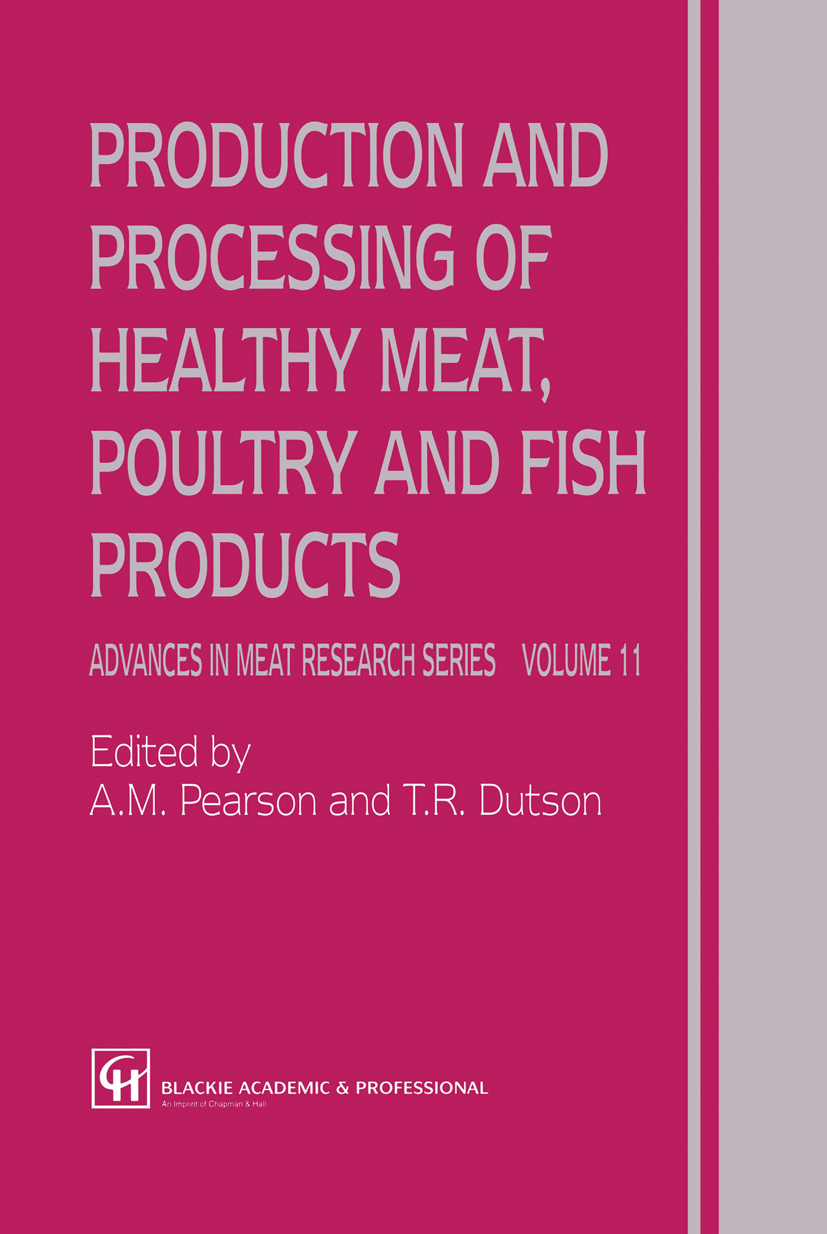
Production and Processing of Healthy Meat, Poultry and Fish Products The central theme for this volume was chosen since consumers have great interest in purchasing low fat, low salt and reduced cholesterol meat, poultry and fish products. As in past volumes, experts in the field have been chosen to write chapters with emphasis on their breadth of knowl edge in each specific area. Efforts were also made to obtain authors from different countries in order to give the book a worldwide perspective. Chapter I stresses the nutritional and sensory properties that meat, poultry and fish products make to healthful diets and discusses consumer concerns about these products. Chapter 2 covers dietary recommendations in major consumer nations, along with data from food composition tables and the dietary contributions of meat, poultry and fish to meeting dietary needs. Chapter 3 discusses the labeling of low and reduced fat/salt prod ucts which, although written mainly from the US viewpoint, may serve as a model for labeling in other countries. Chapter 4 reviews the rationale for reducing fat-energy levels in muscle foods, problems encountered in their production and how these may be solved. Chapter 5 discusses the scientific basis for reducing the salt (sodium) content in food products and the health benefits derived from lowering salt intake. Methods of reducing the cholesterol content of these animal products is reviewed in Chapter 6. TECHNOLOGY & ENGINEERING,Food Science,General

Food Emulsifiers and Their Applications Food emulsions have existed since long before people began to process foods for distribution and consumption. Milk, for example, is a natural emulsion/colloid in which a nutritional fat is stabilized by a milk-fat-globule membrane. Early processed foods were developed when people began to explore the art of cuisine. Butter and gravies were early foods used to enhance flavors and aid in cooking. By contrast, food emulsifiers have only recently been recognized for their abil ity to stabilize foods during processing and distribution. As economies of scale emerged, pressures for higher quality and extension of shelf life prodded the de velopment of food emulsifiers and their adjunct technologies. Natural emulsifiers, such as egg and milk proteins and phospholipids, were the first to be generally utilized. Development of technologies for processing oils, such as refining, bleaching, and hydrogenation, led to the design of synthetic food emulsifiers. Formulation of food emulsions has, until recently, been practiced more as an art than a science. The complexity offood systems has been the barrier to funda mental understanding. Scientists have long studied emulsions using pure water, hydrocarbon, and surfactant, but food systems, by contrast, are typically a com plex mixture of carbohydrate, lipid, protein, salts, and acid. Other surface-active ingredients, such as proteins and phospholipids, can demonstrate either syner- XV xvi Preface gistic or deleterious functionality during processing or in the finished food. TECHNOLOGY & ENGINEERING,Food Science,General
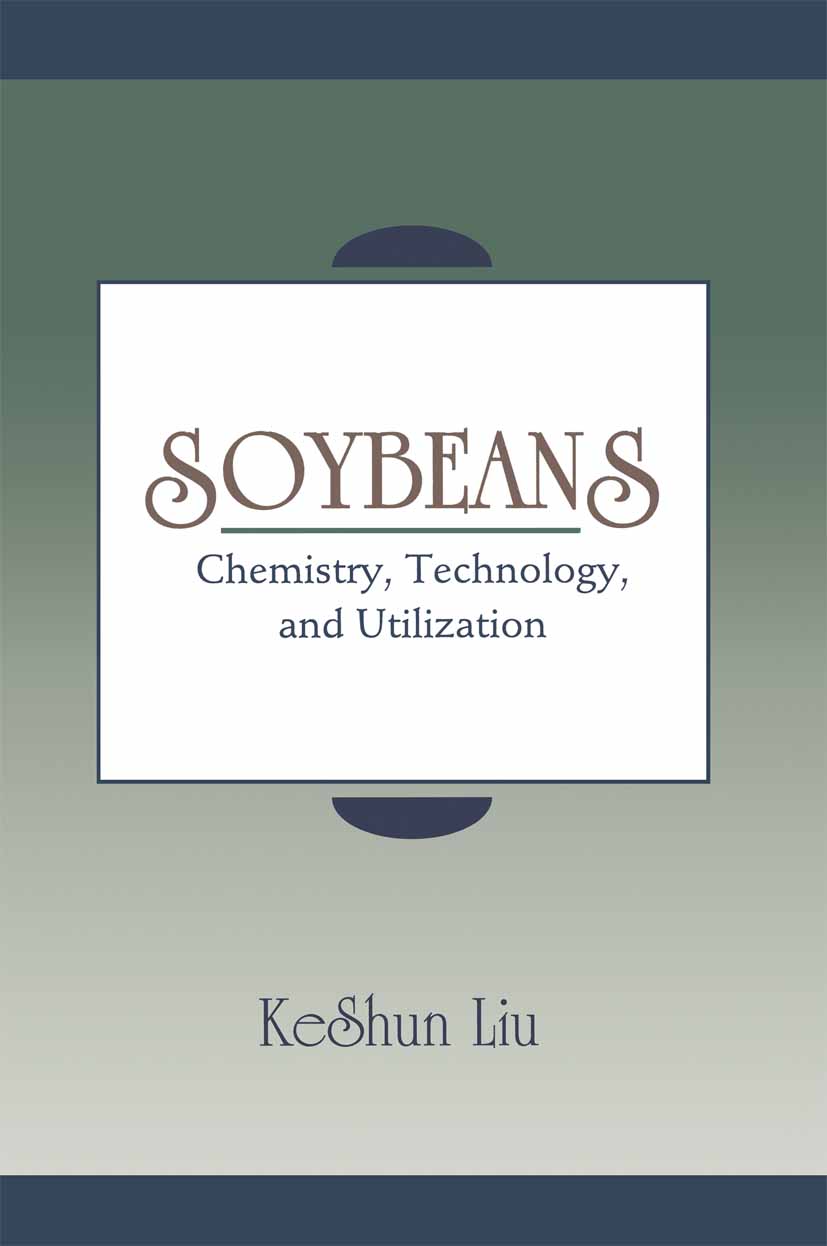
Soybeans The soybean [Glycine max (L. ) Merrill], a native of China, is one of the oldest crops of the Far East. For centuries, the Chinese and other Oriental people, including Japanese, Korean, and Southeast Asians, have used the bean in various forms as one of the most important sources of dietary protein and oil. For this reason and because the amount of protein produced by soybeans per unit area of land is higher than that of any other crop, this little old bean has been called "yellow jewel," "great treasure," "nature's miracle protein," and "meat of the field. " Now this bean is seen by some as a weapon against world hunger and a protein of the future. Most recently, the soybean has been touted as a possible weapon against chronic diseases. Since large-scale introduction to the Western world at the beginning of the twentieth century, the cultivation and use of soybeans have undergone a dramatic revolution: from traditional soyfoods in the Orient to a new generation of soyfoods in the West, from animal feed to value-added food protein ingredients, from industrial paints to affordable table oils and spreads, from an old field crop to a new crop with wide regions of adoptability, herbicide tolerance, pest resistance, and/or altered chemical composition, and from limited regional cultivation to expanded worldwide production. TECHNOLOGY & ENGINEERING,Food Science,General
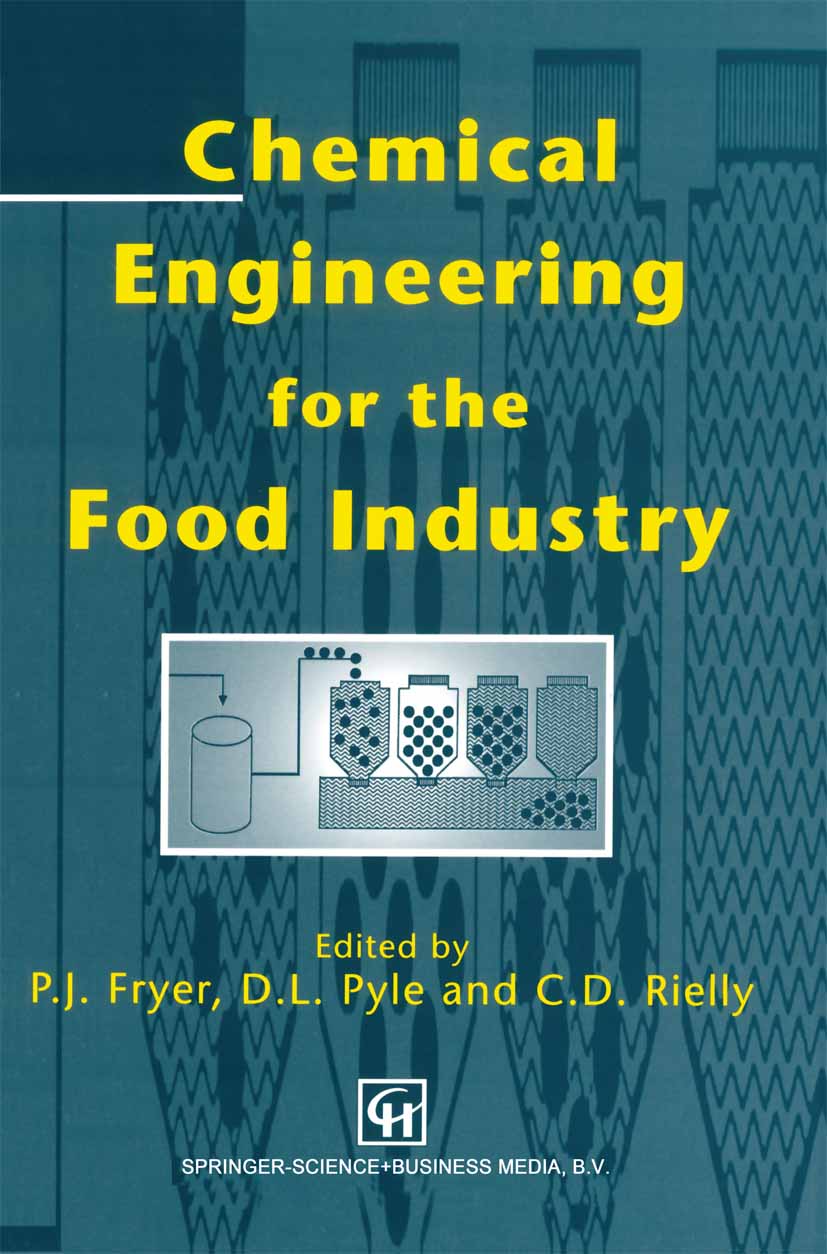
Chemical Engineering for the Food Industry Industrial food processing involves the production of added value foods on a large scale; these foods are made by mixing and processing different ingredients in a prescribed way. The food industry, historically, has not designed its processes in an engineering sense, i.e. by understanding the physical and chemical principles which govern the operation of the plant and then using those principles to develop a process. Rather, processes have been 'designed' by purchasing equipment from a range of suppliers and then connecting that equipment together to form a complete process. When the process being run has essentially been scaled up from the kitchen then this may not matter. However, there are limits to the approach. • As the industry becomes more sophisticated, and economies of scale are exploited, then the size of plant reaches a scale where systematic design techniques are needed. • The range of processes and products made by the food industry has increased to include foods which have no kitchen counterpart, such as low-fat spreads. • It is vital to ensure the quality and safety of the product. • Plant must be flexible and able to cope with the need to make a variety of products from a range of ingredients. This is especially important as markets evolve with time. • The traditional design process cannot readily handle multi-product and multi-stream operations. • Processes must be energetically efficient and meet modern environmen tal standards. TECHNOLOGY & ENGINEERING,Food Science,General

Dietary Fiber in Health and Disease This volume carries the proceedings of the Vahouny Fiber Symposium, which took place in Washington DC, in March of 1996. George V. Vahouny pioneered this conference, which was conceived as a means of exchanging information on the latest advances in fiber research. The conference was renamed in George Vahouny's honor after his untimely death. In this volume we have included the reminiscences of Prof. A.R.P. Walker, one of the pioneers in the field, and discussion of the epidemiological findings relating dietary fiber to heart disease, cancer, and gastrointestinal disease. As the overall definition of fiber has broadened we have included for discussion other aspects of carbohydrate chem istry and metabolism. Complex carbohydrates were the subject of a full session and resis tant starch and the role(s) of oligosaccharides were discussed later in the meeting. Another area of fiber metabolism that is beginning to burgeon is that of the short chain fatty acids, and this too was the subject of presentations and discussion. In addition, the more familiar topics in dietary fiber were updated. Workshops devoted to specific areas of fiber research have now become a mainstay of these meetings, and they were repeated successfully. Due to restraints on spending, the attendance at this meeting was somewhat smaller than usual but the discussion was lively and pertinent. We are deeply grateful to our sponsors and contributors for their continuing interest in dietary fiber research, and for their generous support of this symposium. TECHNOLOGY & ENGINEERING,Food Science,General
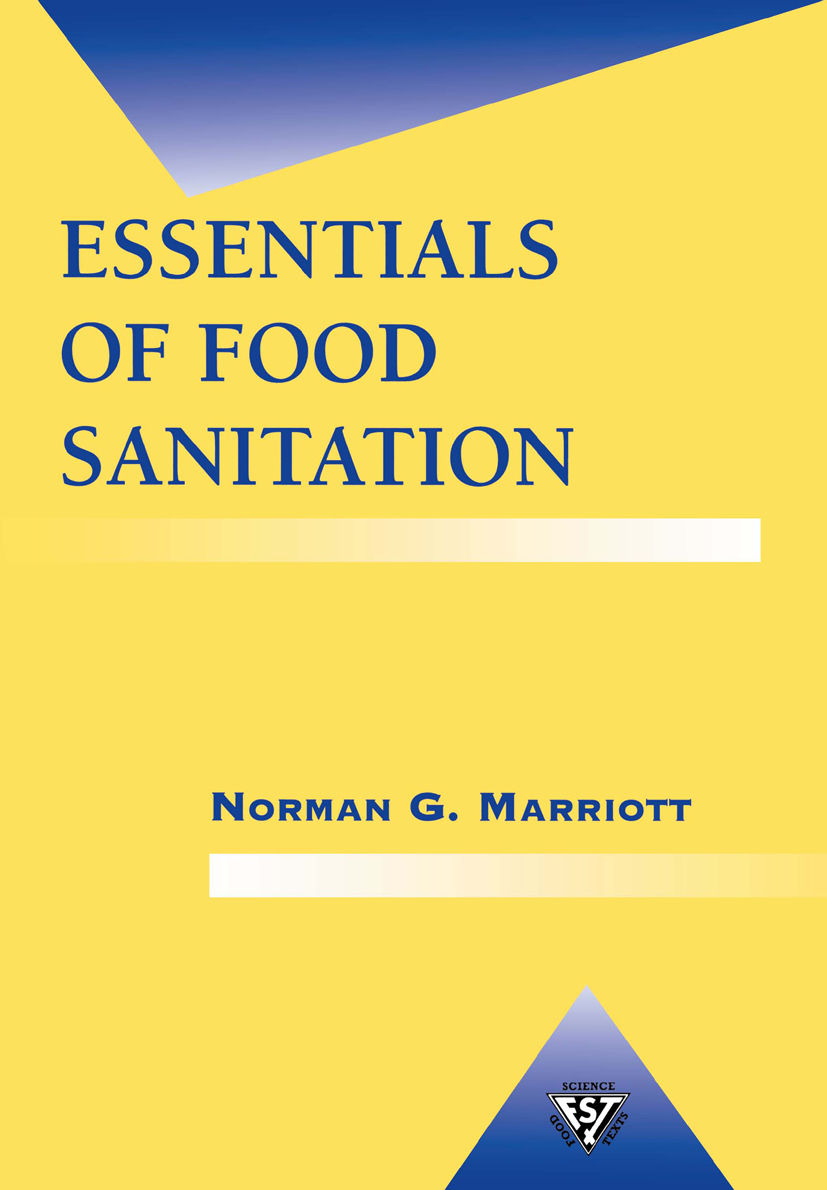
Essentials of Food Sanitation An Aspen Food Science Text Series Book. All of the essential information that you have come to rely on in the widely-acclaimed 'Principles of Food Sanitation' by Norman G. Marriott is now available to you in a simplified, practical, and updated format. Providing a step-by-step, hands-on approach, this incomparable text offers useful and interesting information on food sanitation at all stages of food processing and food service and stresses how important the role of each employee is at each stage. Essentials of Food Sanitation covers a wide variety of topics from cleaning and sanitizing compounds, systems and equipment to food sanitation in various types of food processing such as dairy products, seafood, meat and poultry, etc. Each chapter provides food handlers and students with interesting real-life reports of recent food sanitation problems plus different techniques to ensure firm understanding of the subject, including: visual aides; a comprehensive glossary; several summaries, study questions; references; chapter bibliographies; a resource section on how to learn more about the topic; and case studies. A thorough discussion of HACCP and how a HACCP system relates to quality assurance and sanitation functions is also outlined in the text. Furthermore, expanded material on foodservice, including the methods and principles for sanitary food handling and considerations at various control points inthe flow of foodservice is provided. TECHNOLOGY & ENGINEERING,Food Science,General

Fungi and Food Spoilage This book is designed as a laboratory guide for the food microbiologist, to assist in the isolation and identification of common food-borne fungi. We emphasise the fungi which cause food spoilage, but also devote space to the fungi commonly encountered in foods at harvest, and in the food factory. As far as possible, we have kept the text simple, although the need for clarity in the descriptions has necessitated the use of some specialised mycological terms. The identification keys have been designed for use by microbiologists with little or no prior knowledge of mycology. For identification to genus level, they are based primarily on the cultural and physiological characteristics of fungi grown under a standardised set of conditions. The microscopic features of the various fungi become more important when identifying isolates at the species level. Nearly all of the species treated have been illustrated with colony photographs, together with photomicrographs or line drawings. The photomicrographs were taken using a Zeiss WL microscope fitted with Nomarski interference contrast optics. We are indebted to Mr W. Rushton and Ms L. Burton, who printed the many hundreds of photographs used to make up the figures in this book. We also wish to express out appreciation to Dr D.L. Hawksworth, Dr A.H.S. TECHNOLOGY & ENGINEERING,Food Science,General

Thickening and Gelling Agents for Food The sucess of the first edition of Thickening and Gelling Agents for Food underlined the keen interest in functional food ingredients. In this second edition, the text has been completely revised and updated to reflect the current market trends. New chapters have been included to broaden the scope of materials used by the food technologist. Agar and konjac gum (flour), probably the most traditional gelling and thickening agents, but most widely utilised in the Far East, have been given greater prominence. Microcrystalline cellulose, a relatively new food stabiliser used widely in the USA, has been included. The preparation of traditional products using formulations suited to bulk food processings is described while new areas focus on low fat and low calorie foods where there is an even greater demand for controlling the stability, viscosity, gelation and mouthfeel using a broad range of thickening and gelling agents. Recent legislative changes in the USA and EC impact the use of additives including gellan gum, konjac flour, carrageenan, tara gum and microcrystal line cellulose: some changes have increased the number of additives ap proved for foods, while others allow a broader range of materials to be used in foods. The detailed information on products, properties and applications given in this second edition will enable these highly functional thickening and gelling agents to be used to full advantage. TECHNOLOGY & ENGINEERING,Food Science,General
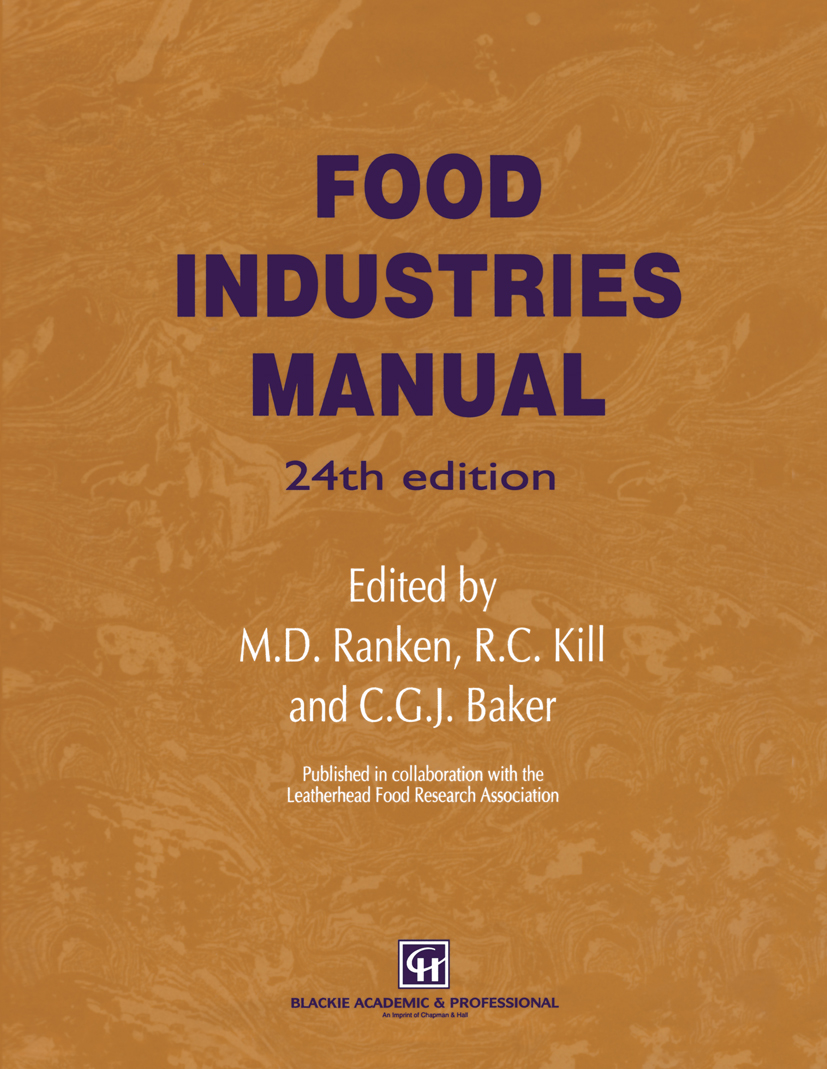
Food Industries Manual It is a measure of the rapidity of the changes The work has been revised and updated, and taking place in the food industry that yet another following the logic of the flow sheets there is some edition of the Food Industries Manual is required simplification and rearrangement among the chap after a relatively short interval. As before, it is a ters. Food Packaging now merits a separate pleasure to be involved in the work and we hope chapter and some previous sections dealing mainly that the results will continue to be of value to with storage have been expanded into a new readers wanting to know what, how and why the chapter covering Food Factory Design and Opera food industry does the things which it does. tions. For this edition we have made a major depar There is one completely new chapter, entitled ture from the style of earlier editions by comple Alcoholic Beverages, divided into Wines, Beers tely revising the layout of many of the chapters. and Spirits. There is a strain of thought which Previously the chapters were arranged as a series does not yet consider the production of those of notes on specific topics, set out in alphabetical drinks to be a legitimate part of the food industry, order in the manner of an encyclopaedia. TECHNOLOGY & ENGINEERING,Food Science,General
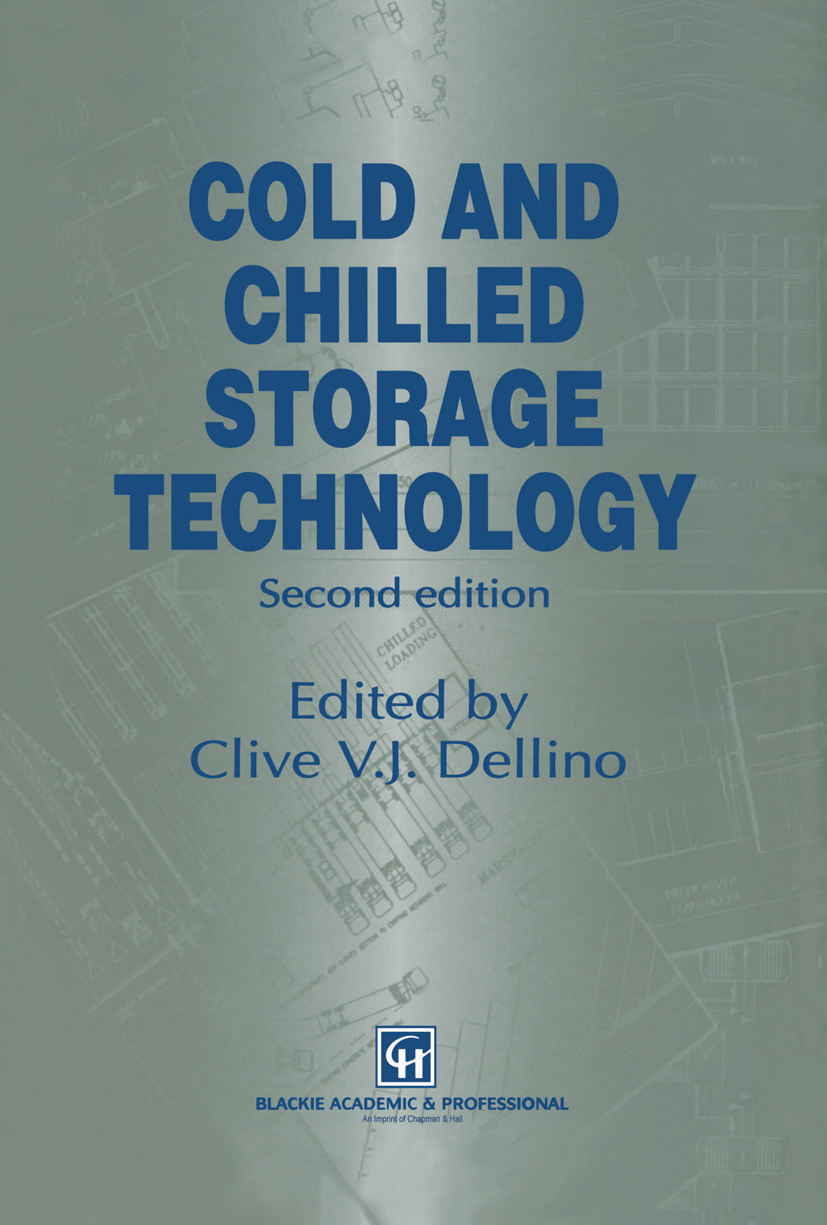
Cold and Chilled Storage Technology The first edition of Cold and Chilled Storage Technology was prepared at a time when great changes were taking place in the industry that were hard to put into clear perspective. For example, the CFClozone layer problem was identified, the Montreal Protocol was signed and experts from many disci plines were already proposing 'solutions' to the problems seen at the time. Not only were there the usual differences in approach to the problems, there were different understandings of the problems themselves. For in stance, some authoritative voices were saying HCFC 22 was 'part of the solution, not part of the problem' and recommending it as the main refrig erant for the future, others said the opposite. As editor, I have taken the view that this should be a 'reference book' and, as such, it should contain information that points in the direction of tried and proven good practice. To avoid the risk of misdirecting readers, I decided that the CFC issue was too unclear to be usefully discussed in the first edition and left it out altogether. This was the main criticism of the first edition at the time of its publication but, in view of the developments since then, I stand by my decision to avoid premature comment in that instance. The matter is discussed in this edition in Chapters 4 and 7, which include summaries of other related factors, in a way that was certainly not possible in 1989. TECHNOLOGY & ENGINEERING,Food Science,General

Food Hygiene Auditing Food hygiene law. Food law in the United States. HACCP and factory auditing. Premises - design and fabrication. Raw materials. Process equipment and machinery auditing. Personnel hygiene standards. Preventative pest control. Cleaning and disinfection systems. Management controls. TECHNOLOGY & ENGINEERING,Food Science,General
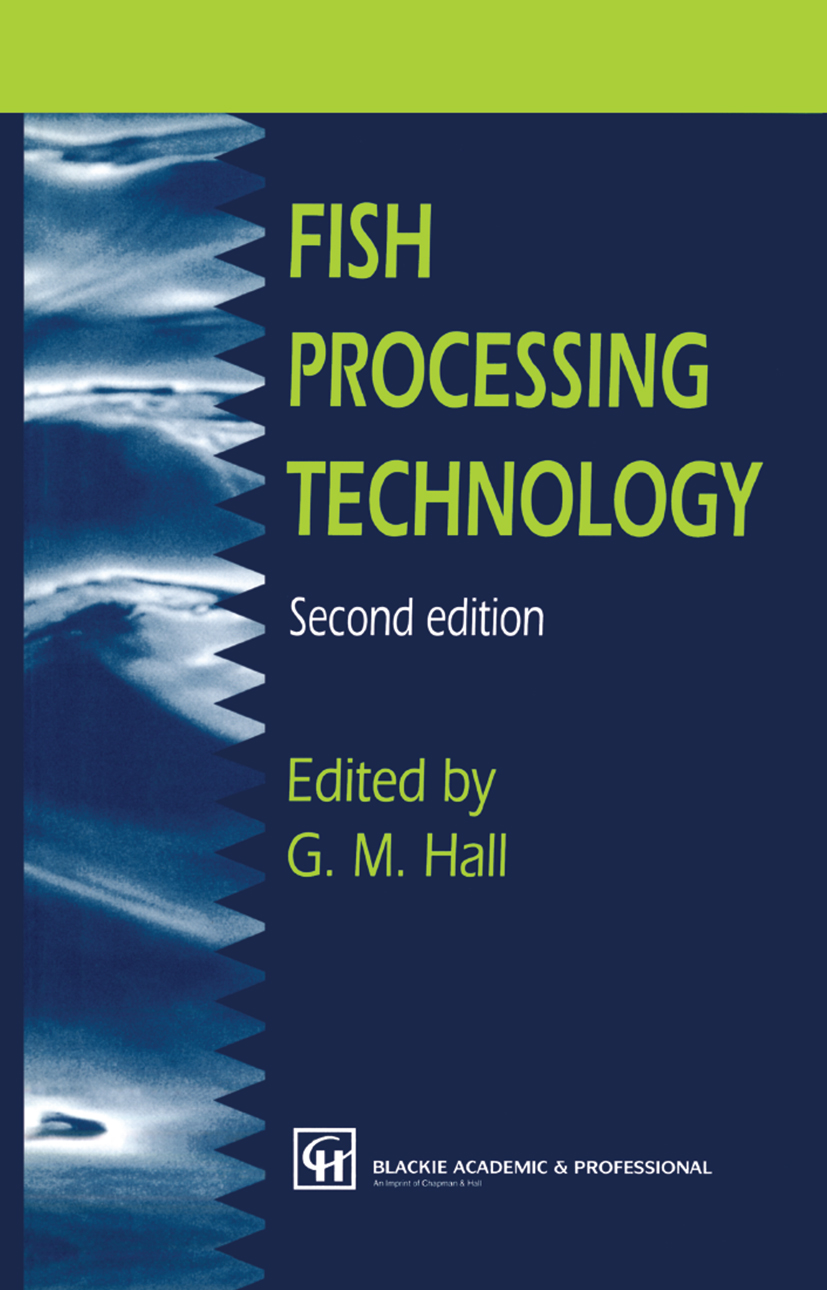
Fish Processing Technology As with the first edition this book includes chapters on established fish processes and new processes and allied issues. The first five chapters cover fish biochemistry affecting processing, curing, surimi and fish mince, chilling and freezing and canning. These established processes can still show innovations and improved theory although their mature status precludes major leaps in knowledge and technology. The four chapters concerned with new areas relevant to fish processing are directed at the increasing globalisation of the fish processing industry and the demands, from legislation and the consumer, for better quality, safer products. One chapter reviews the methods available to identify fish species in raw and processed products. The increased demand for fish products and the reduced catch of commercially-important species has lead to adulteration or substitu tion of these species with cheaper species. The ability to detect these practices has been based on some elegant analytical techniques in electrophoresis. TECHNOLOGY & ENGINEERING,Food Science,General
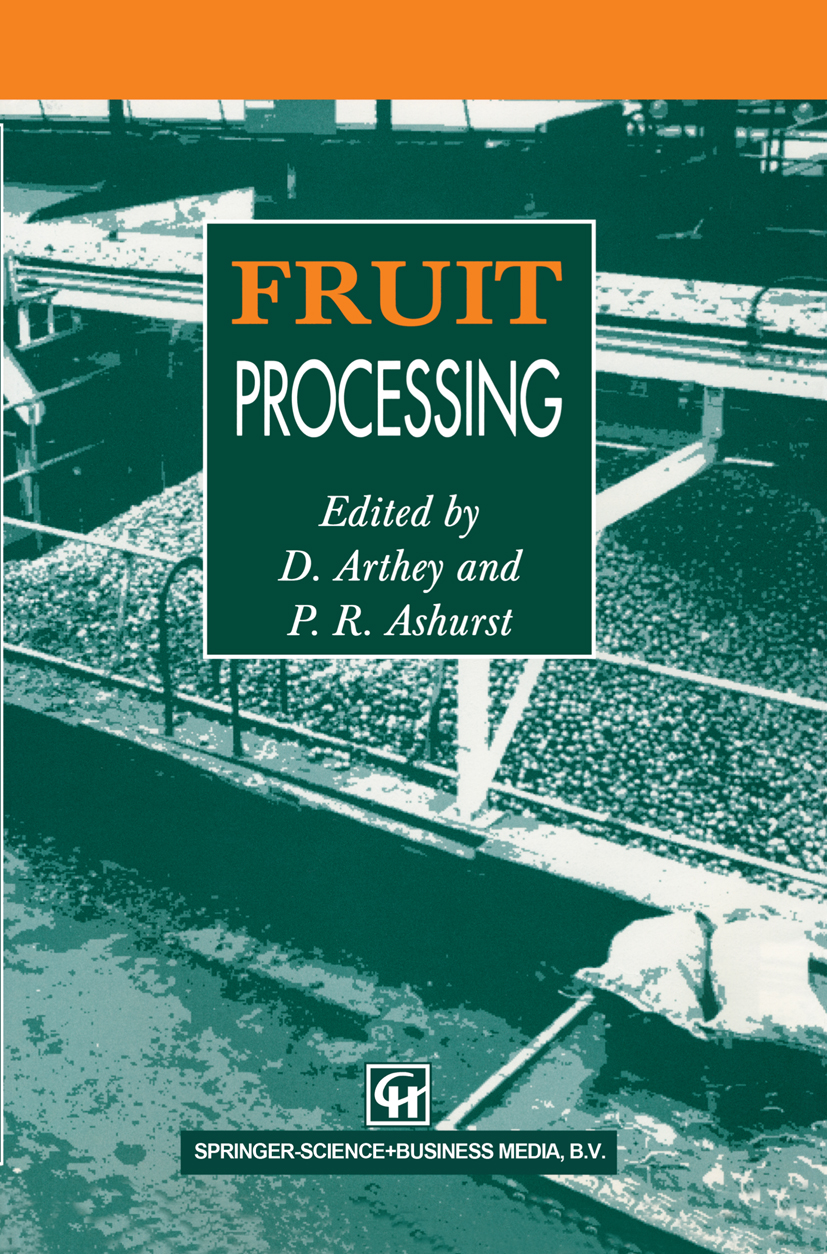
Fruit Processing Fruit and fruit products, in all their many varieties and variations, are major world commodities and part of the economic life blood of many countries, particularly in the developing world. The perception of the healthy nature of fruit is a major reason for its increased consumption in the developed world, and many consumers today find a wider selection of fruit varieties, available at all times of the year, than ever before. This volume, however, is not so much concerned with fresh fruit as those principal areas of processing to which it may be subjected. Fruit processing arose as a means of utilising a short-lived product and preserving its essential nutritional qualities as far as possible. A chapter on the nutritional aspects of fruit is included in this work to reflect the importance of this topic to most consumers. After a general introduction, the chapter on fruit storage is the only contribution which deals with a process from which fruit emerges in essentially the same physical condition. Beyond that the book sets out to cover most of the major areas in which fruit may be processed into forms which bear varying semblances to the original raw material. TECHNOLOGY & ENGINEERING,Food Science,General
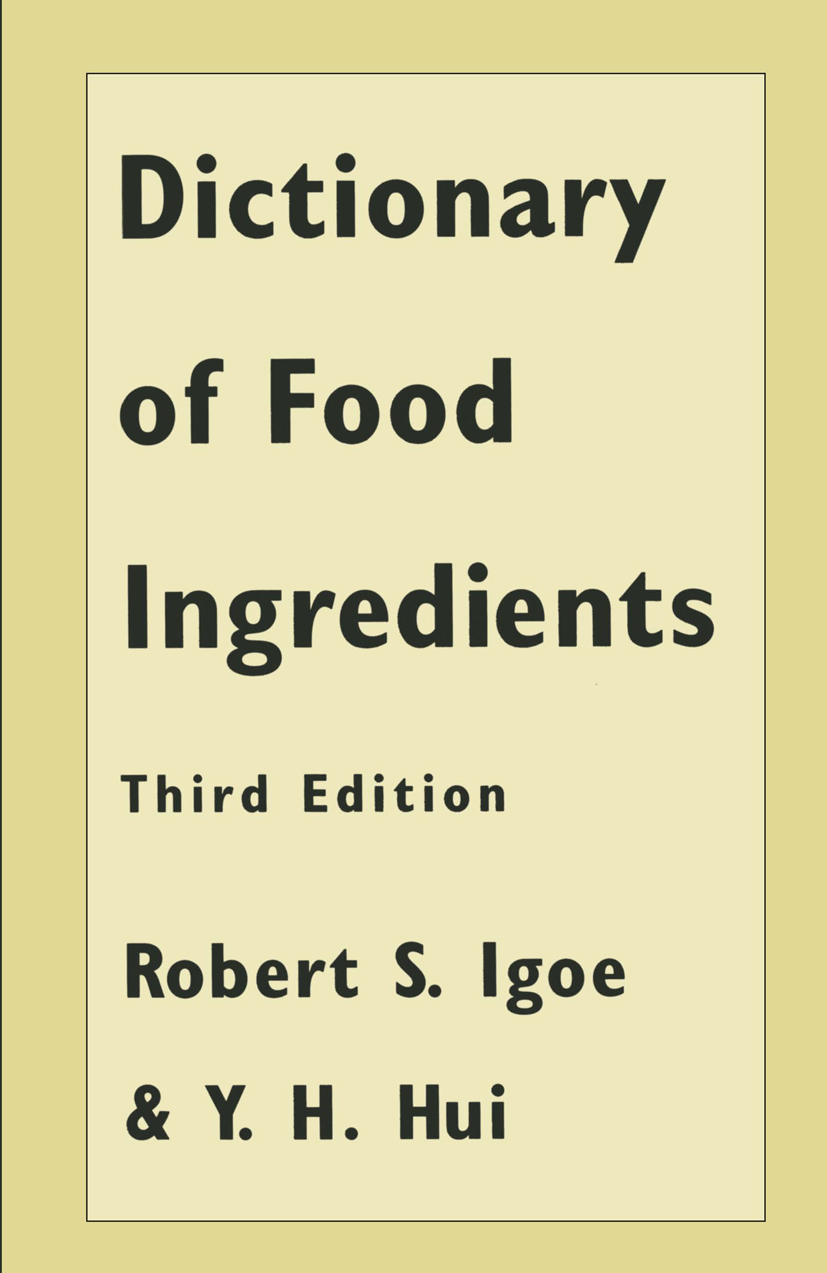
Dictionary of Food Ingredients The Dictionary of Food Ingredients is a unique, easy-to-use source of infor mation on over 1,000 food ingredients. Like the previous editions, the new and updated Third Edition provides clear and concise information on currently used additives, including natural ingredients, FDA-approved artificial ingredients, and compounds used in food processing. The dictionary entries, organized in alphabetical order, include information on ingredient functions, chemical properties, and uses in food products. The updated and revised Third Edition contains approximately 1 SO new entries, and includes an updated and expanded bibliography. It also lists food ingredients ac cording to U. S. federal regulatory status. Users of the two previous editions have commented favorably on the dictionary's straightforward and clearly-written definitions, and we have endeavored to maintain that standard in this new edition. We trust it will continue to be a valuable reference for the food scientist, food processor, food product developer, nutritionist, extension specialist, and student. R S. Igoe Y. H. Hui vii Ingredients A Acacia See Arabic. Acesulfame-K A non-nutritive sweetener, also termed acesulfame potas sium. It is a white, crystalline product that is 200 times sweeter than sucrose. It is not metabolized in the body. It is relatively stable as a powder and in liquids and solids which may be heated. Acesulfame-K is approved for use in dry food products. Acesulfame Potassium See Acesulfame-K. TECHNOLOGY & ENGINEERING,Food Science,General
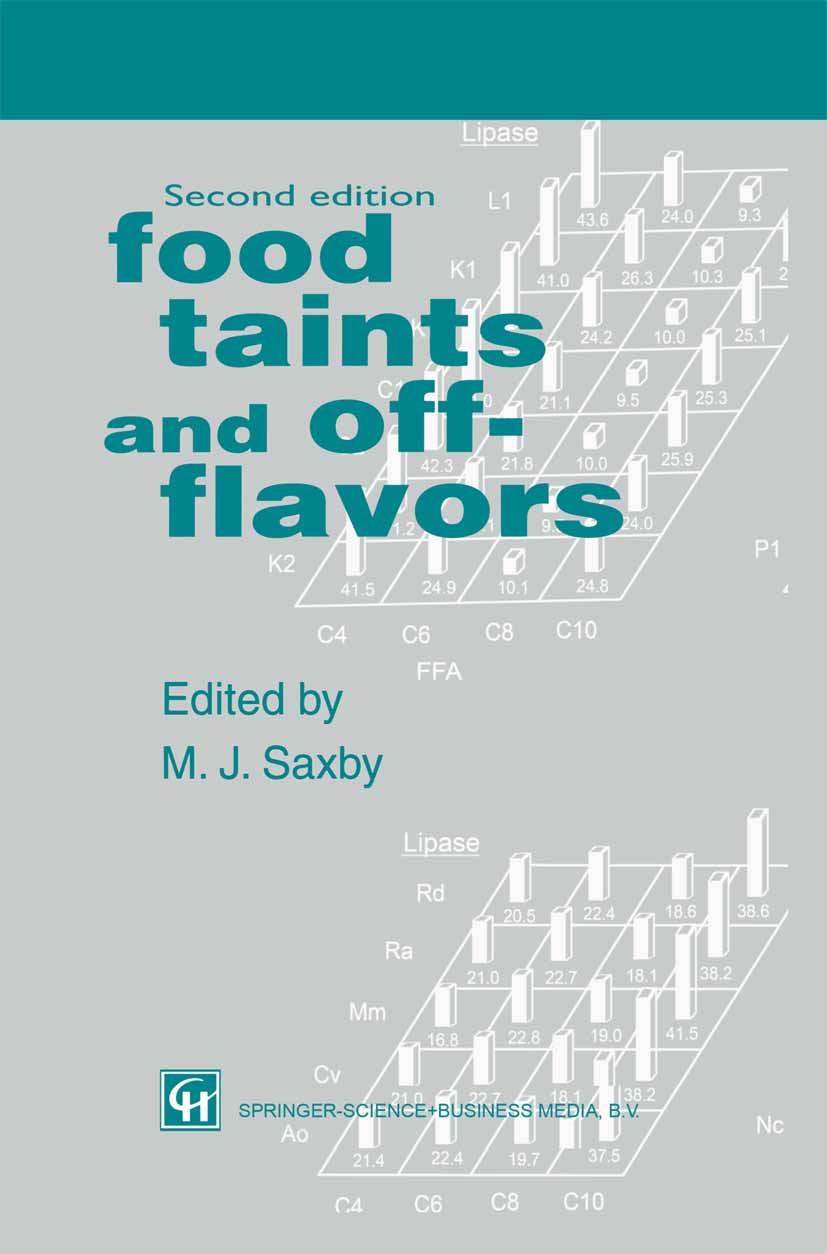
Food Taints and Off-Flavours Contamination of food with extremely low levels of certain compounds can cause an unpleasant taste. This can result in the destruction of vast stocks of product, and very substantial financial losses to food companies. The concentration of the alien compound in the food can be so low that very sophisticated equipment is needed to identify the components and to determine its source. It is vital that every company involved in the production, distribution and sale of foodstuffs are fully aware of the ways in which contamination can accrue, how it can be avoided, and what steps need to be taken in the event that a problem does arise. This book provides the background information needed to recognize how food can become tainted, to draw up guidelines to prevent this contamination, and to plan the steps that should be taken in the event of an outbreak. The new edition has been extensively revised and updated and includes substantial new material on the formation of off flavors due to microbiological and enzymic action, and on sensory evaluation of taints and off flavors A new chapter on off flavors in alcoholic beverages has been added. Written primarily for industrial food technologists, this volume is also an essential reference source for workers in research and government institutions. TECHNOLOGY & ENGINEERING,Food Science,General

Progress in Food Contaminant Analysis 'Analysis of Food Contaminants' was published in 1984 by Elsevier Applied Science Publishers and 10 years later I was asked to consider producing an updated second edition. Surprisingly little has really changed in a decade in terms of the public interest in food safety and the continued vigilance of Government in monitoring the food supply for contaminants. This means that food contamination in itself is still a very relevant topic. However, much has changed in terms of the techniques now employed in trace analysis. The 1984 book used a combination of an analytical technique and a specific food contaminant problem area per chapter (each written by a specialist) which resulted in a multi-authored text which was mostly application based but provided a good introduction to the 'how' in terms of applying techniques to real problems. Rather than producing a second edition of this text, it seemed on reflection more sensible to produce a new and complementary book, using the same formula as before of application plus technique, but to concentrate on contaminant areas of current interest and to highlight recent advances in techniques. Thus, the present book 'Progress in Food Contaminant Analysis' has originated as a follow-up to 'Analysis of Food Contaminants'. TECHNOLOGY & ENGINEERING,Food Science,General
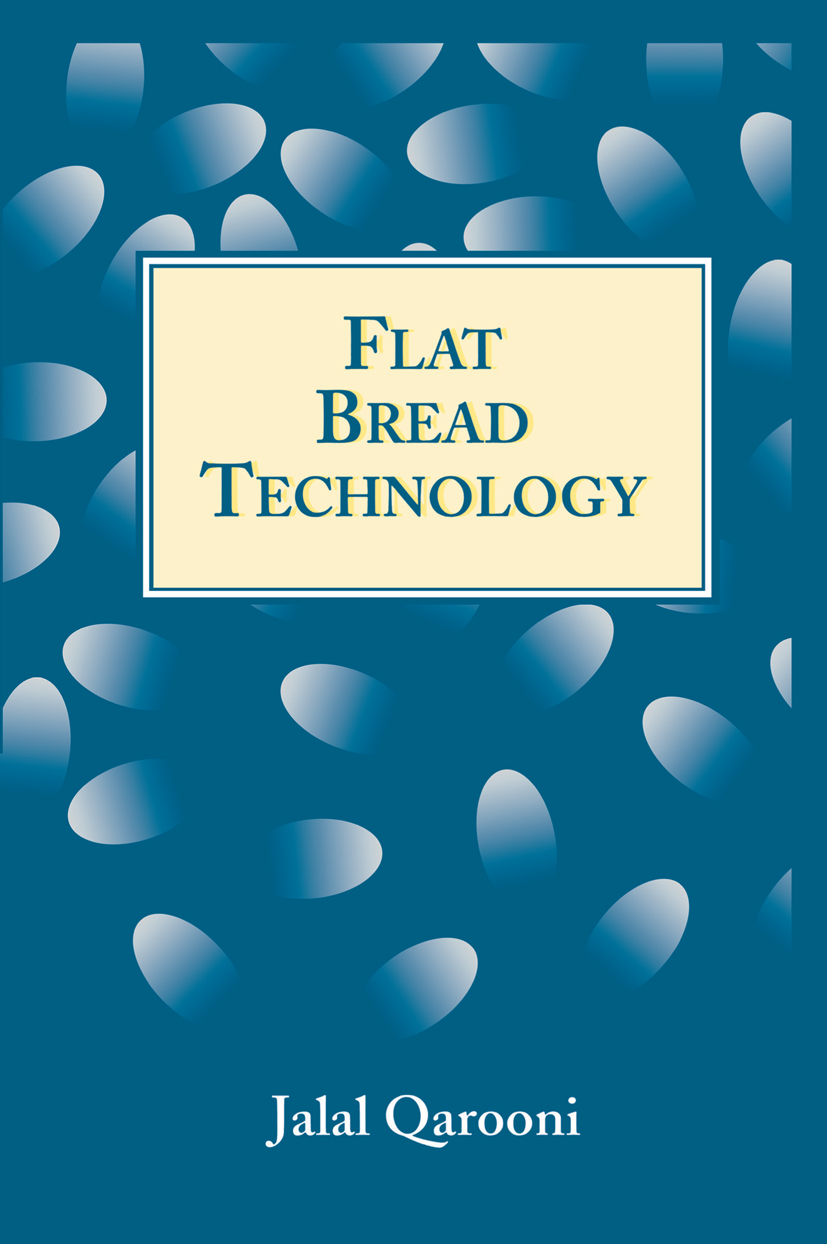
Flat Bread Technology ... a useful resource for anybody engaged in the manufacture and development of flatbread.'-Food Technology. This comprehensive reference provides a complete overview of flat bread, the most widely consumed bread type in the world. It brings together in-depth knowledge of the technology of flat bread production covering a wide range of topics, from the historic background of wheat, corn, rye, rice, barley, sorghum and millet cultivation to advanced research findings on flat bread technology. The author, a leading expert in the field, introduces a wealth of detailed information on flat bread technology, including: specific ingredients, formulations, production techniques, equipment requirements, quality assessment and shelf life of the final product . Both single and double layered products are explored providing developers with a thorough understanding of flat bread products from around the world and the opportunity to expand existing product lines. Special features of the text include: processing methods of over 45 types of flat breads, including pizza, pita, corn and wheat flour tortillas, foccacia, matzo, rye breads' dosai and injera; theory and practice of sourdough production; technology of synthetic and naturally occurring emulsifiers, and their applications in food and flat bread industries; and a multitude of illustrations of breads and processing steps, names and addresses of over 90 suppliers of ingredients and machinery used in the production of flat breads in United States and Canada. Flat Bread Technology is a welcome and invaluable resource to all those interested in the technical, scientific and historical background of flat breads; from the breeders of wheat and other cereal grains to technical personnel and suppliers of ingredients to milling and baking companies. It will also serve as an excellent guide to students attending baking schools and cereal and food institutions. TECHNOLOGY & ENGINEERING,Food Science,General
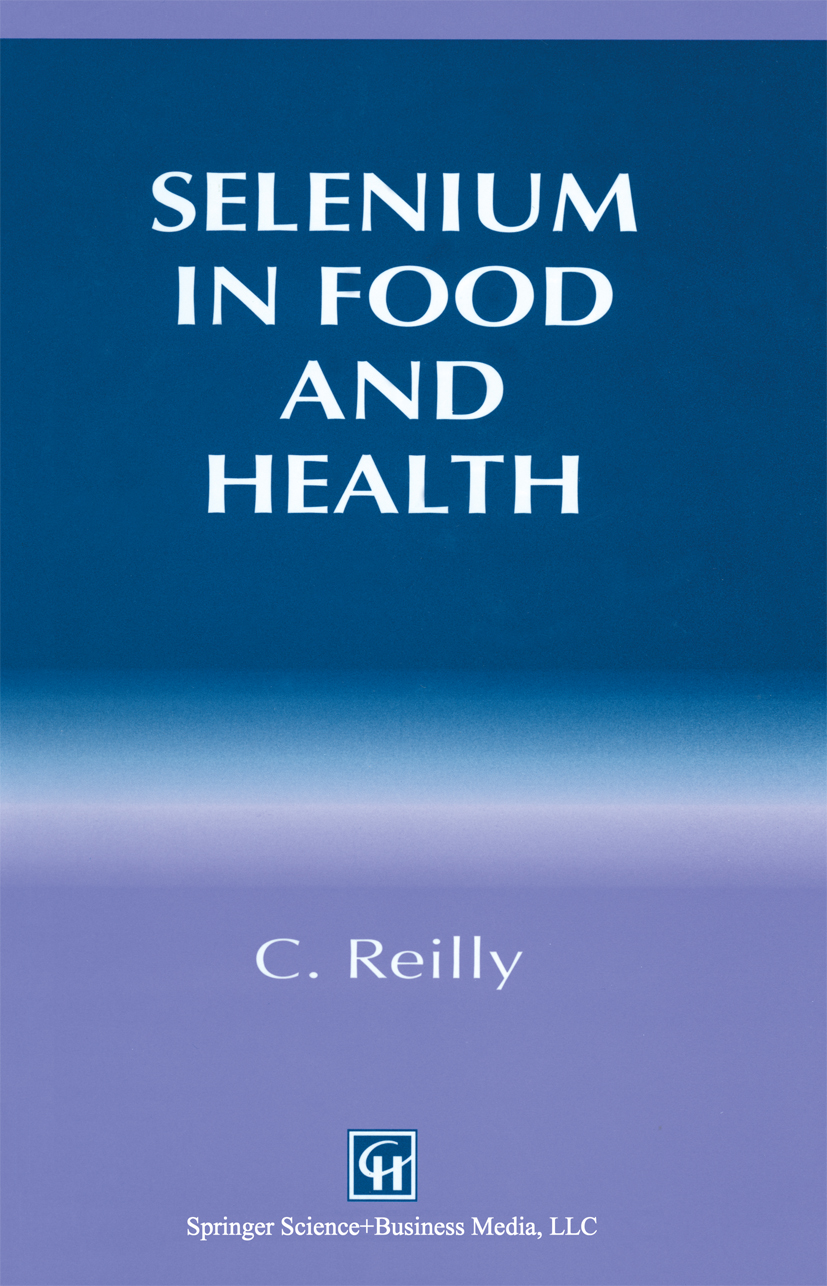
Selenium in Food and Health Selenium is one of the most intensively studied of the inorganic components of the diet. Ever since it was recognised in the 1950s that the element, which effects, was also an essential had until then been known only for its toxic nutrient, it has attracted growing interest in both human and agricultural fields of science. The literature on selenium is overwhelming. Possibly 100000 publica tions dealing with the element have appeared since it was discovered in 1817. They continue to appear in numbers that make it difficult to keep up with even major aspects of the subject. Selenium specialisations have developed, not simply in agriculture and human studies, but also in molecular biology, metabolism, paediatric, enteral and parenteral nutrition, public health, toxicology and environmental health. All are developing their own literature and often an exclusiveness that results in loss of shared ideas and the fruitfullness of cross-boundary communication. This growth of knowledge and exclusiveness can place many readers at a disadvantage since it limits access to important new information. An appreciation of the role played by selenium in metabolism and health is far more than just an extra item in the intellectual database of modern food and health scientists. An understanding of selenium and its functions can enrich our understanding, not just of a single trace nutrient, but also of the many other food components with which selenium interacts. TECHNOLOGY & ENGINEERING,Food Science,General
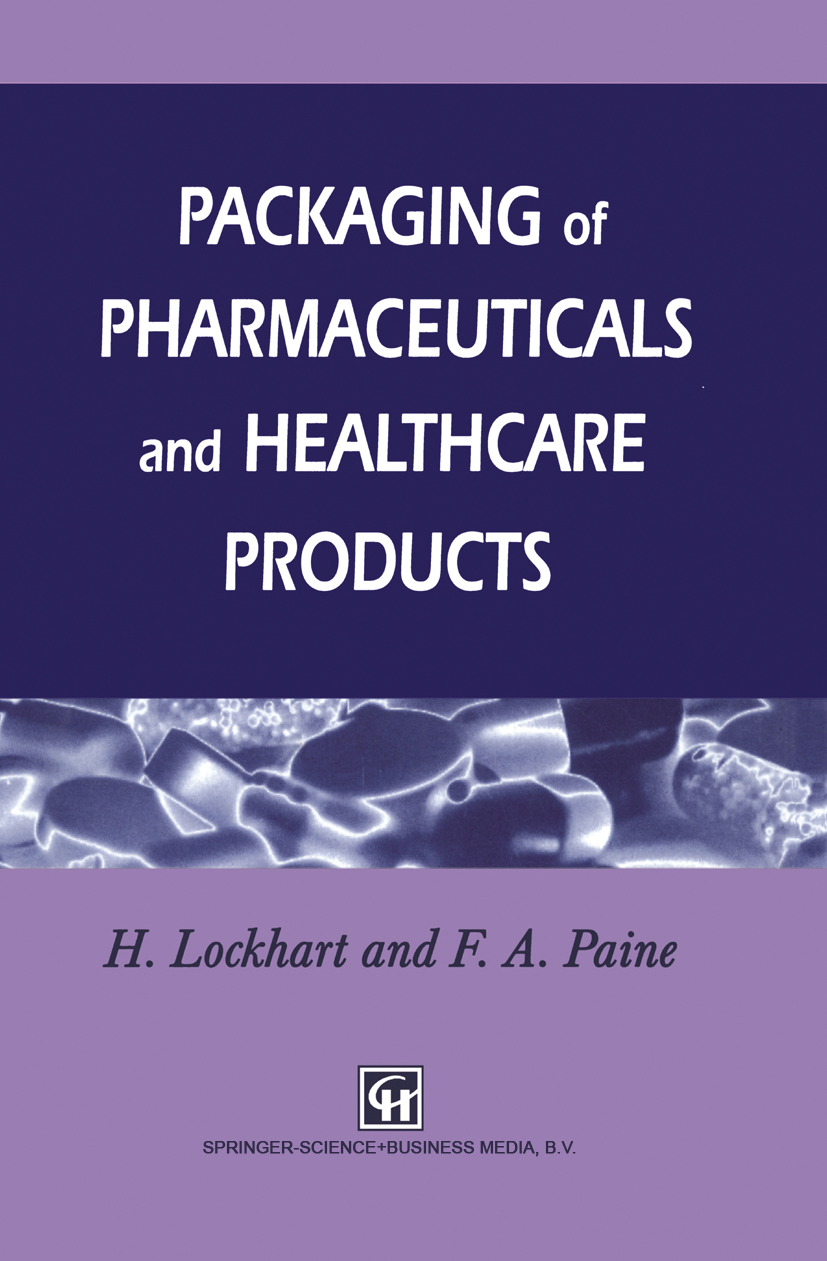
Packaging of Pharmaceuticals and Healthcare Products As was the case with Charles Ross's Packaging of Pharmaceuticals published by the UK Institute of Packaging in 1975 it is assumed that the reader of this book already has a broad understanding of the basics of packaging. If not the Packaging Users Handbook and the Handbook of Food Packaging are recommended. The packaging needs of pharmaceuticals are different in degree only from those of other perishable products such as processed foods. Because the required action of a medication can be nullified by any deterioration in its active principles the protection required from its packaging is at least an order of magnitude greater than that needed by foods for example. Functional efficiency is therefore of prime importance. Conversely the need for the packaging to 'sell' the medication is much less, hence the graphics required need only provide the right 'image' for the product when presented for use in hospital or surgery. Even when on sale at the pharmacy the 'appeal' required is that of providing hygiene and confidence more than anything else. Thus, the textual requirements are paramount including traceability (batch numbers, date-coding etc) in case of recall; while striking appearance to attract customer attention is in lower key. And with the increase in malicious tampering nowadays recall is more frequent. TECHNOLOGY & ENGINEERING,Food Science,General
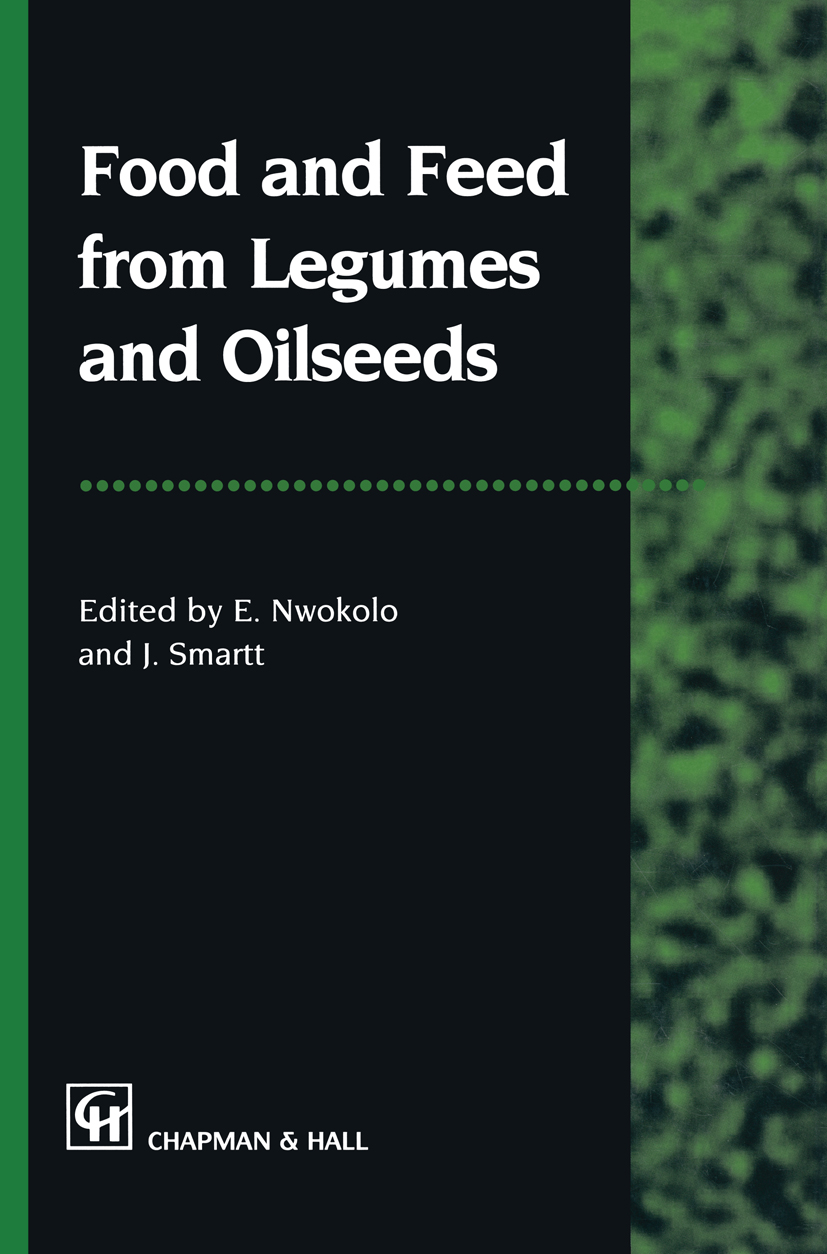
Food and Feed from Legumes and Oilseeds Oilseeds and legumes provide a significant proportion of the protein and energy requirements of the world population. This important new book provides comprehensive details of the main oil seed and legume crops focusing particularly on the nutritional aspects of these crops which are, or have the potential to be, more widely exploited in developing countries where are or have the potential to be, more widely exploited in developing countries where protein and energy malnutrition continue to escalate. The predicted rapid rise of populations in many world regions which are increasingly vulnerable to food shortages means that a full knowledge of the nutritional significance of available crops is vital in helping to prevent potential calamities. Food and Feed from Legumes and Oil Seeds has been written by a team of international contributors, each with direct experience of these important crops and their nutritional merits, and the editors are both international experts in the crops covered. This book will become of great value to nutritionists, food and feed scientists and technologists, agricultural scientists and all those involved with overseas developments and food aid organizations. TECHNOLOGY & ENGINEERING,Food Science,General

Migration from Food Contact Materials The advent of sophisticated packaging materials and methods had stimulated the development of complex delivery systems from producer to consumer, resulting in the availability of a wide range of products at an affordable price. Contemporary distribution methods are not without problems however, and specifically related to packaging is the possibility of migration--the contamination of food by components of the materials in contact with it. In this area, both technology and regulations are well developed, but basic science, for a variety of reasons, has tended to advance less quickly. This book addresses the basic science of migration. The editor has brought together a range of authors, all of whom are acknowledged experts in their fields, to provide a timely and concise overview of this important topic. Covering basic science, common materials and the major regulations in North America, Europe and Japan, this book will become a key information source in every library concerned with food technology. Food technologists, manufacturers of packaging and other food contact materials and regulatory professionals will all find this book an indispensable reference source. TECHNOLOGY & ENGINEERING,Food Science,General
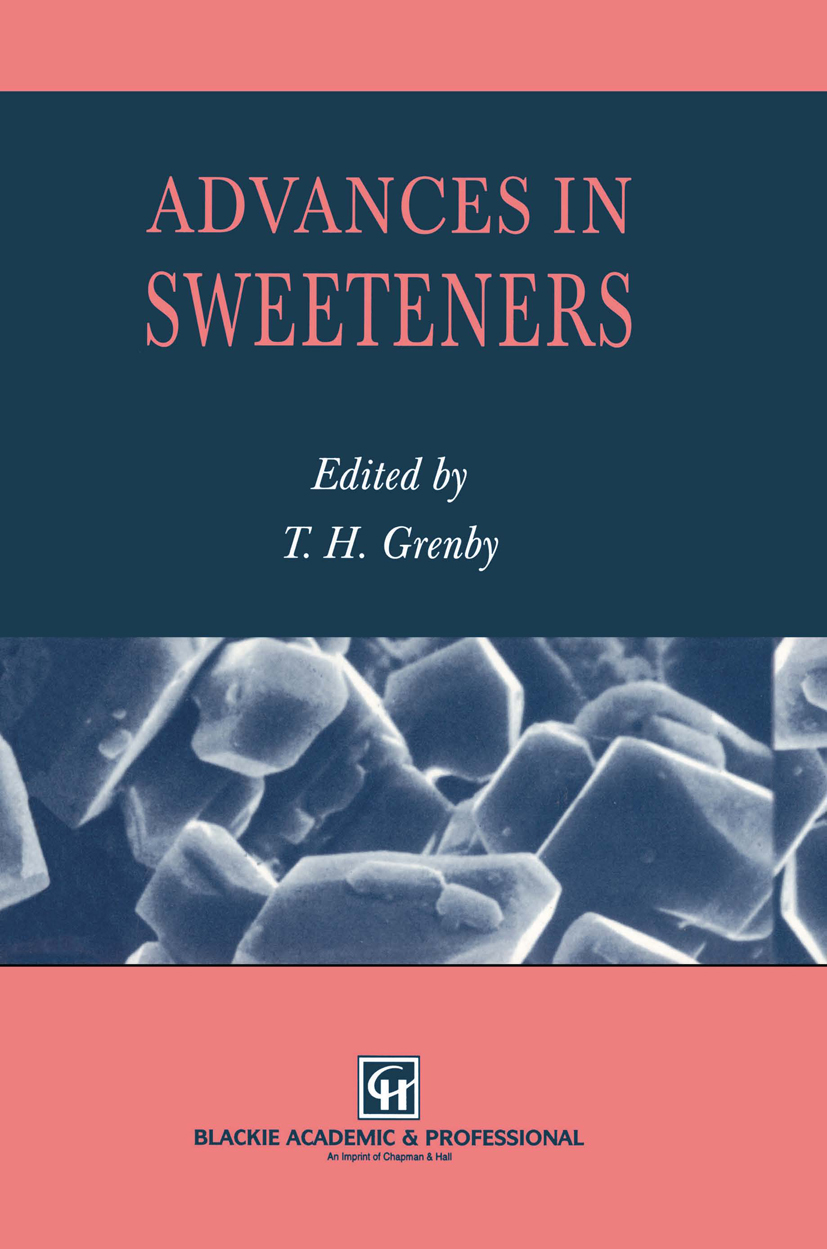
Advances in Sweeteners The subject of sweeteners continues to advance and expand, but the progress that is being made may not be apparent for all to see, owing to changes that have been taking place in how research is funded and the locations where it is now mainly done. In former times scientific advancement was rated as a prized part of the output of academic research laboratories and institutions. Today, however, it is increasingly likely that major advances emanate chiefly from the research and development units of industrial and commercial enterprises and organisations. This means of course that the work becomes more focused on achieving specific marketing objectives, but because of the high level of commitment, cost and dedicated input required, publication of the findings tends to take a lower priority, and may actually be barred if there is any risk of loss of the commercial edge or advantage which has been one of the targets of the research. Thus one of the objects of preparing this book has been to collect together information that might otherwise remain unpublished on advances in the field of sweeteners. Of the fifteen contributions which form the chapters, only 13% originate from academic departments, whereas in earlier books of reviews on similar topics, contributions from academic sources accounted for as much as 50% (Developments in Sweeteners, vols 2 and 3, 1987 and 1989) and 64% (Progress in Sweeteners, 1989). TECHNOLOGY & ENGINEERING,Food Science,General
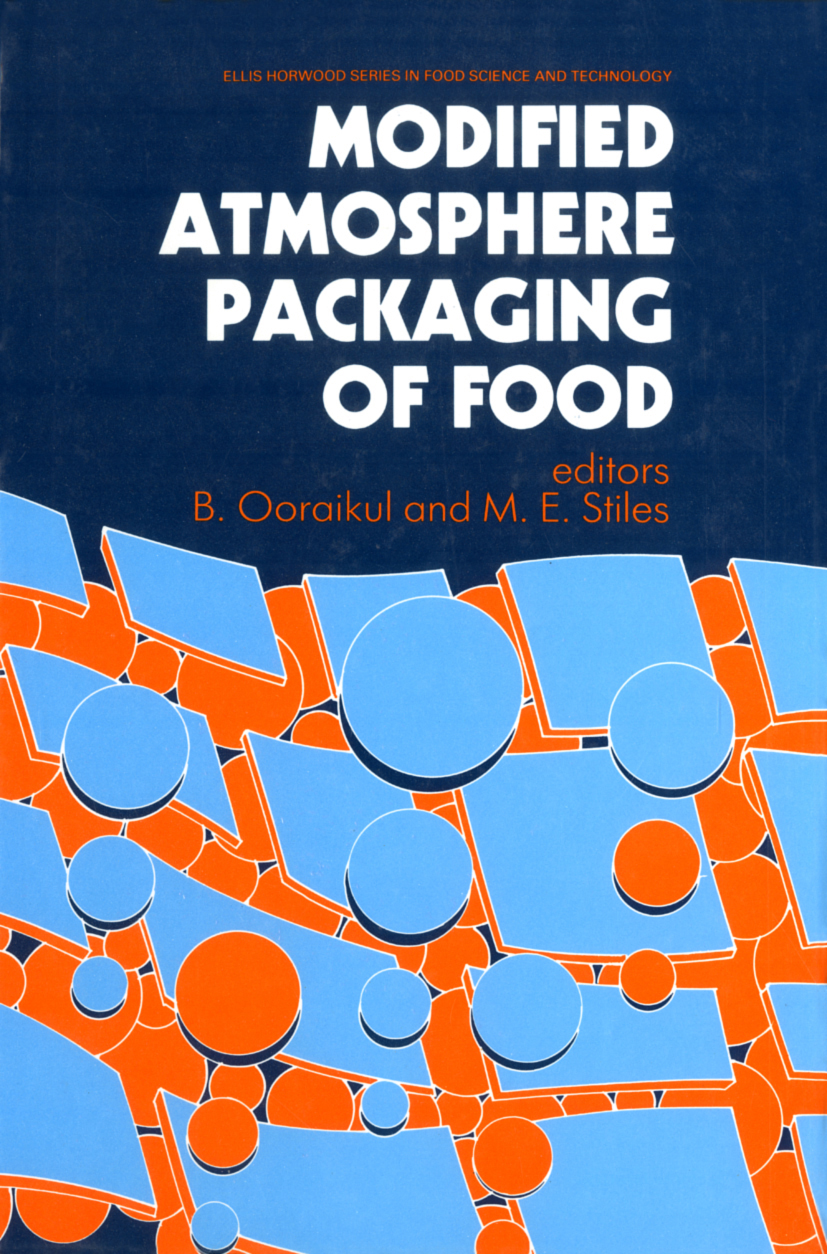
Modified Atmosphere Packaging of Food At the 50th Anniversary Meeting of the Institute of Food Technologists the ten most significant innovations in food science developed during the past 50 years were named (Food Technology, September 1989). Among the "Top 10" innovations, controlled atmosphere packaging (CAP) for fruits and vegetables was listed 5th in order of importance. Of course, CAP is a forerunner of MAP (modified atmosphere packaging) in which a variety of food products are packaged under selective mixtures of atmospheric gases, but without the on-going maintenance (control) of the gas mixture. Development of packaging systems and films that are selectively permeable to specific gases has been the key element in the commercialization of controlled and modified atmosphere packaging of foods. It may not be far from the truth to say that since then there has been an explosion of activities around MAP/CAP, especially in research and development into various aspects of this technology. The application of MAP to some bakery products, fresh fruits and salads and fresh meats and meat products has reached a significant level both in Europe and North America. The increasing consumer demand for fresh or near-fresh products and convenient, microwavable foods has added impetus to the growth of MAP/CAP technology. It is, therefore, timely that a comprehensive book that provides scientific background and practical applications of the technology should be written. TECHNOLOGY & ENGINEERING,Food Science,General
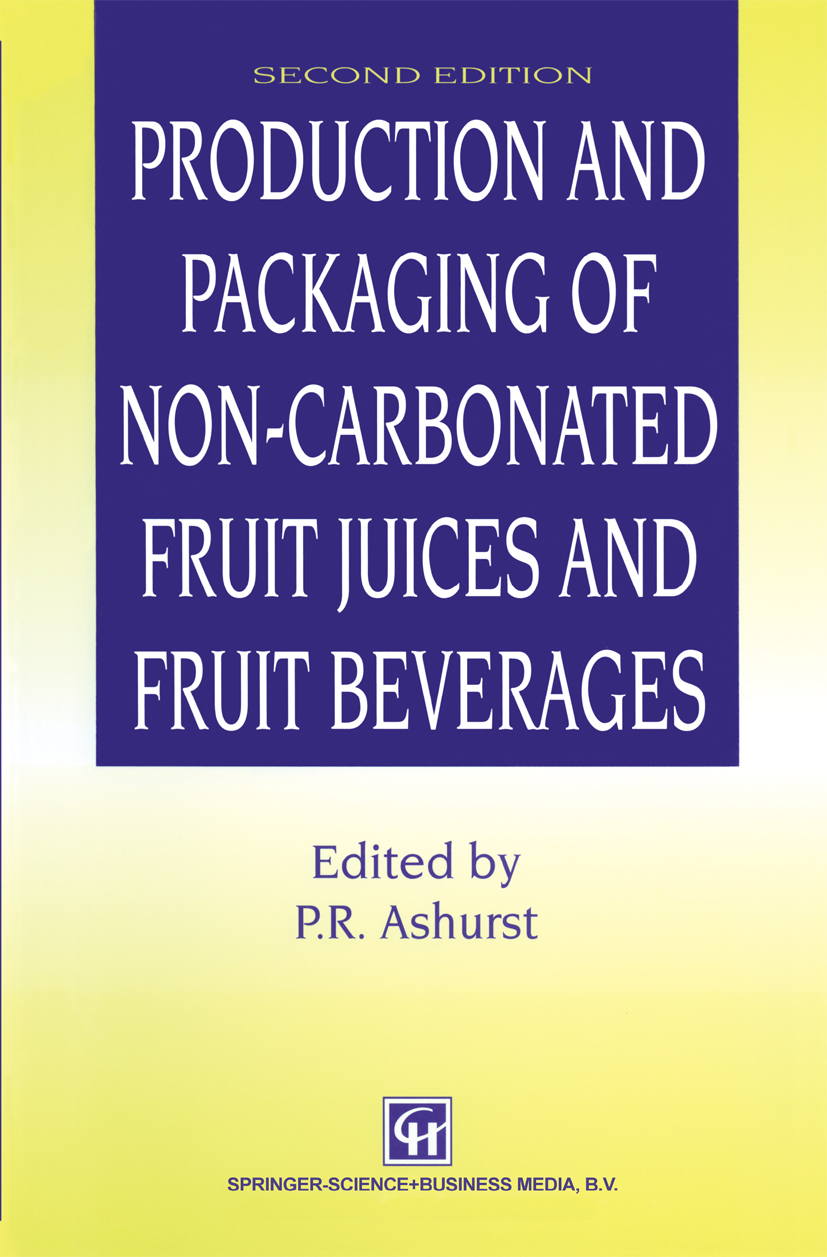
Production and Packaging of Non-Carbonated Fruit Juices and Fruit Beverages In the period of about five years since the first edition of this book appeared, many changes have occurred in the fruit juice and beverage markets. The growth of markets has continued, blunted to some extent, no doubt, by the recession that has featured prominently in the economies of the major consuming nations. But perhaps the most significant area that has affected juices in particular is the issue of authenticity. Commercial scandals of substantial proportions have been seen on both sides of the Atlantic because of fraudulent practice. Major strides have been made in the development of techniques to detect and measure adulterants in the major juices. A contri bution to Chapter 1 describes one of the more important scientific techniques to have been developed as a routine test method to detect the addition of carbohydrates to juices. Another, and perhaps more welcome, development in non-carbonated beverages during the past few years is the rapid growth of sports drinks. Beverages based on glucose syrup have been popular for many years, and in some parts of the world isotonic products have long featured in the sports arena. A combination of benefits is now available from a wide range of preparations formulated and marketed as sports drinks and featuring widely in beverage markets world-wide. A new chapter reviews their formulation and performance characteristics. Another major trend in the area offruit-containing non-carbonated bever ages is the highly successful marketing of ready-to-drink products. TECHNOLOGY & ENGINEERING,Food Science,General

Aroma Biotechnology Aroma biotechnology opens access to natural volatile flavors. Due to the attribute of "naturalness" these aromas are the most valuable ingredients for foods, cosmetics and related products. The author describes biocatalyzed reactions and biogenetic routes leading to aroma and flavor compounds and he depicts in detail their utilisation in industrial scale processes. All the important topics, including de-novo-synthesis, genetic engineering, in vitro rDNA methods, laboratory requirements and techniques, upscaling, product recovery, profitability, and legal aspects are covered. R.G. Berger contributes his own experimental experience to all except one chapter and leads the reader into state-of-the-art aroma biotechnology. TECHNOLOGY & ENGINEERING,Food Science,General
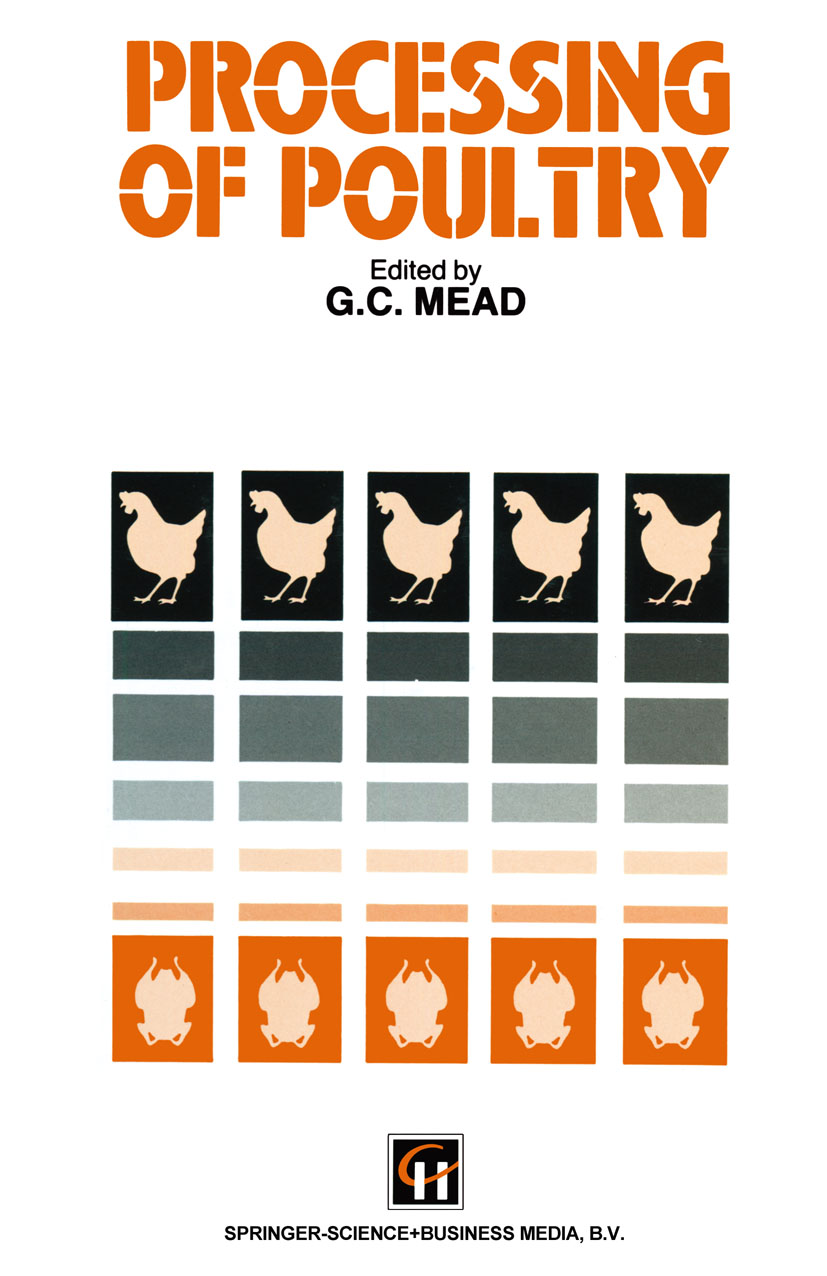
Processing of Poultry Over the last 40 years, poultry-meat production has undergone considerable expansion in much of the developed world. The industry has changed from an essentially farm-based operation to one where economies of scale in rearing and processing have led to a high degree of operational efficiency. As a sequel to these changes, however, there is now greater emphasis on product quality, rather than mere 'production at least cost'. Also, the more recent growth in further processed and 'value-added' convenience items has helped to maintain a buoyant market for poultry, and has shown that the industry can rapidly adapt to changing consumer needs and preferences. It is in the areas of primary processing and further-processed product development that the greatest technological changes have occurred within the industry. Processing, in particular, has become more mechanical, so that most stages in the production of oven-ready carcasses or cut-portions are now either semi-or fully-automated, thus reducing labcur costs and helping to maximise the speed and efficiency of the process. However, not all of the changes that have taken place have necessarily been in the best interests of maintaining product quality, e.g. in relation to meat tenderness and microbial contamina tion, and it is essential for any processor to understand fully the effects of processing on all aspects of meat quality, including the efficacy of possible control measures. TECHNOLOGY & ENGINEERING,Food Science,General
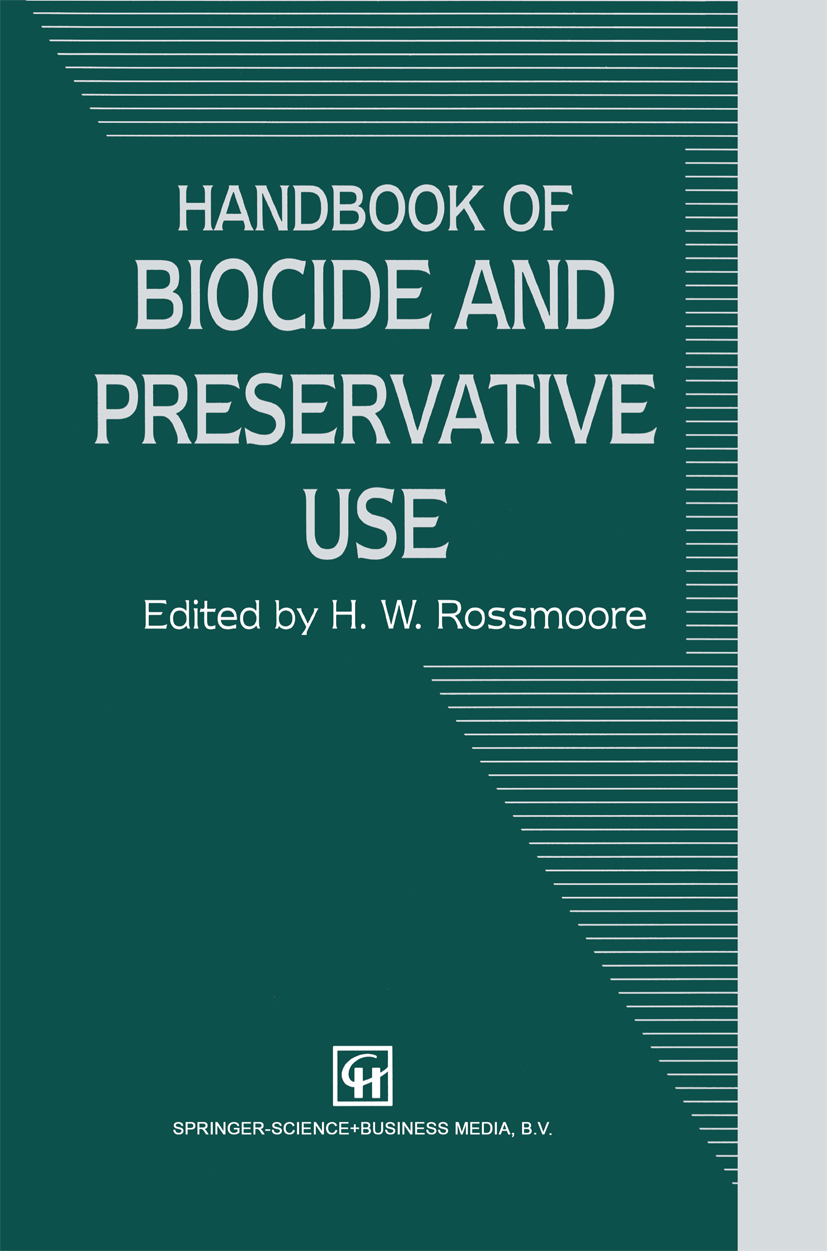
Handbook of Biocide and Preservative Use My professional interest in antimicrobial agents and contamination control goes back 50 years to my tour as a microbiologist in a field hospital in Europe during World War II. With no experience and relying solely on a military handbook, I prepared thermometer trays with jars of blue bichloride of mercury and pink isopropyl alcohol. A preliminary typhoid diagnosis of one of our cooks resulted in the need for lab testing. His stool specimen and its subsequent disposal was my problem. My handbook said bum it. So burn it T did, in a five-gallon can with gasoline. Flames shot up almost six feet, and my next mistake was to extinguish them with carbon tetrachloride. This resulted in the production of lethal phosgene gas. The hospital had a near disaster. I could say that at that moment I vowed to write a how-to book so that such stupidities could be avoided. Nevertheless, when I was offered the opportunity to edit this book I thought back on the need for a real, practical treatment of my subject. This book, then, is a practical handbook for technical service personnel and scientists who are not necessarily specialists in microbiology. It provides information on suitable antimicrobial agents appropriate to their particular problem-solving needs and information on the microbial groups contributing to the specific problem, their ecologies, and strategies for controlling their access to the area or material of interest. TECHNOLOGY & ENGINEERING,Food Science,General
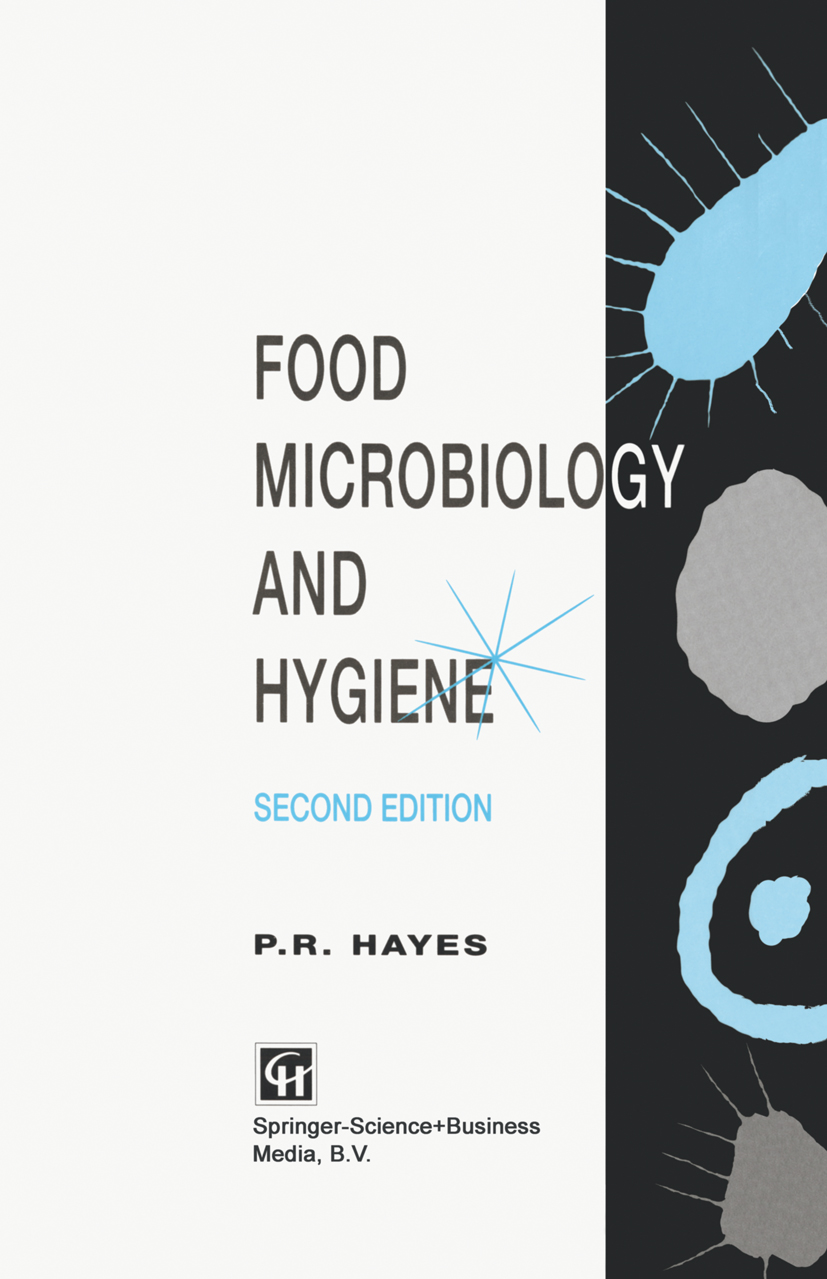
Food Microbiology and Hygiene The aims of this book remain the same, that is, that it should be of in terest to all those people concerned with, or about, food hygiene in the broadest sense. There was clearly a need for a book of this sort and its success has necessitated a second edition. It will, I hope, answer criticisms that were justifiably made about certain omissions and shortcomings levelled at the earlier edition. The whole book has been thoroughly revised with the introduction of several new sections to various chapters. During the time that has elapsed since the earlier edition appeared there has been much publicity about newer forms of 'food poisoning'. Thus listeriosis is discussed in some detail whilst the problems of salmonellas in eggs and BSE are also considered. Interest in irradiated foods has waxed and waned but it is rightly included in the relevant chapter. There has been much progress in methodology with the advent of advanced molecular techniques such as gene probes and that of PCR; these are discussed briefly. I have included sections on HACCP which has come into great prominence in recent years thus answering a specific criticism made of the earlier edition. The chapter on water and waste disposal contains material on Legionnaires' disease and cryptosporidiosis, infections of much concern at the present time. Finally, the chapter on legislation has undergone a major revision with far greater emphasis being placed on EC food hygiene legislation. TECHNOLOGY & ENGINEERING,Food Science,General
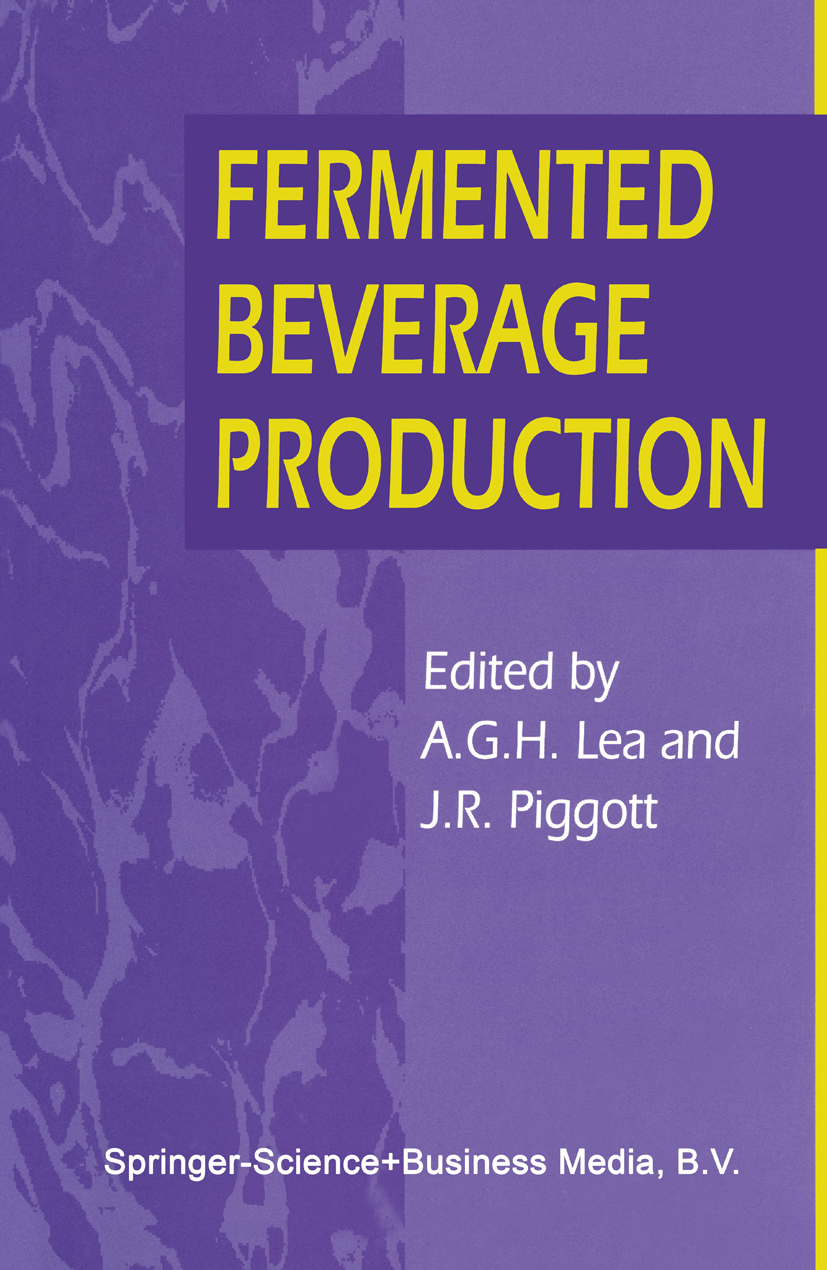
Fermented Beverage Production The production of fermented beverages is nowadays a technically sophisticated business. Many people outside it, however, even if they are familiar with the food industry overall, fail to appreciate just what advances have been made in the last twenty or thirty years. In part this is due to the blandishments of advertising, which tend to emphasise the traditional image for mass market promotion at the expense of the technological skills, and in part due to a lack of readily available information on the production pro cesses themselves. This book attempts to remedy the balance and to show that, far from being a quaint and rustic activity, the production of fermented beverages is a skilled and sophisticated blend of tradition and technology. We have chosen to organise the book principally by individual beverages or groups of beverages, with the addition of a number of general chapters to cover items of common concern such as fermentation biochemistry, adulteration, filtration and flavour aspects. While we have tried to eliminate excessive duplication of information, we make no apologies for the fact that certain important aspects (e. g. the role of sulphur dioxide in wine and cidermaking) are discussed on more than one occasion. This only serves to underline their importance and to ensure that each chapter is moderately self-contained. TECHNOLOGY & ENGINEERING,Food Science,General

Omega-3 Fatty Acids and Health The evidence that omega-3 fatty acids are essential for human development and most helpful to achieve good health throughout life is clearly documented by Dr. Joyce Nettleton in her new book Omega-3 Fatty Acids and Health. Omega 3 fatty acids are produced by the plants of the land and sea. The tissues of the body require the omega-3 fatty acids for their proper functioning just as they also need the omega-6 essential fatty acids. It is probable in man's evolutionary development that there has always been the proper balance between these two groups of essential fatty acids, but in the modern era with the provision of inexpensive vegetable oils it is possible that the pendulum for increased dietary omega-6 fatty acids in the form of linoleic acid has swung too far and the intake ofomega-3 fatty acids has actualIy declined. In particular, the 22 carbon omega 3 fatty acid, docosahexaenoic acid, which has six double bonds, is important in the membranes of brain cells, heart muscle cells, the rods and cones of the retina and spermatozoa. Docosahexaenoic acid is found only in foods such as fish and other sea life, having been synthesized by the phytoplankton of the waters. An outright deficiency of omega-3 fatty acids has led to a number of distur bances in animals and human infants such as impaired vision, abnormalities of the electroretinogram, of the eye and various behavioral aberrations. TECHNOLOGY & ENGINEERING,Food Science,General
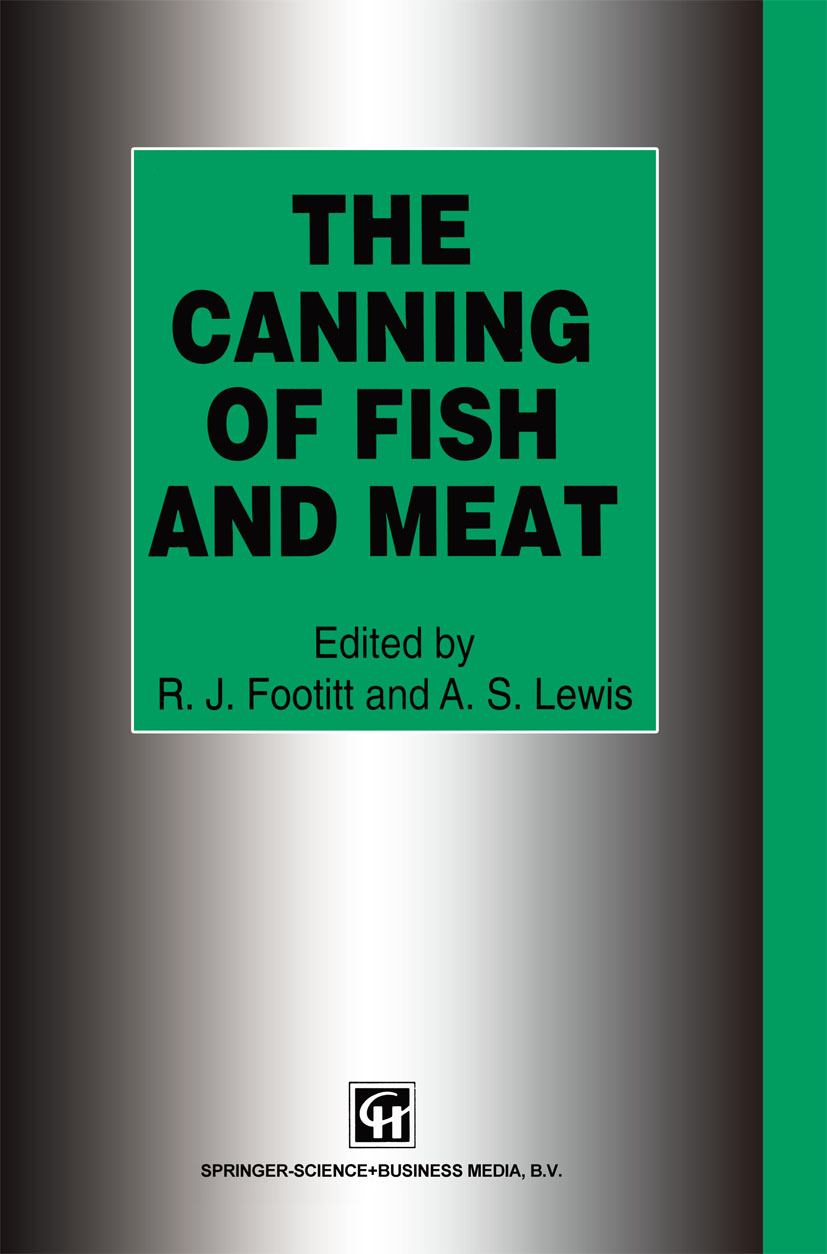
The Canning of Fish and Meat Canning as a preservation process has proved its value in its contribution to the preservation, distribution, and storage of world food supplies, and is a traditional way of preserving fish and meat. With increasing concern for the environment, it has much to offer with its use of readily recyclable container materials and product stability at ambient conditions, as well as long life. For some foods, such as fish and meat, the character of the canned product has become an accepted and sought after quality by the consumer but for other foods, other methods of preservation have delivered a 'fresher' character. However, there is a growing realisation that these other methods of preservation of foods carry critical control requirements through the whole distribution chain, which, considered together with environmental implica tions of energy usage and packaging recycling potential, has led to a resurgence of interest in canning. Increasingly, in the major markets, legislative control of fish canning is following (and extending) the style previously only applied to canned meat, with enormous implications for fish canneries worldwide. TECHNOLOGY & ENGINEERING,Food Science,General
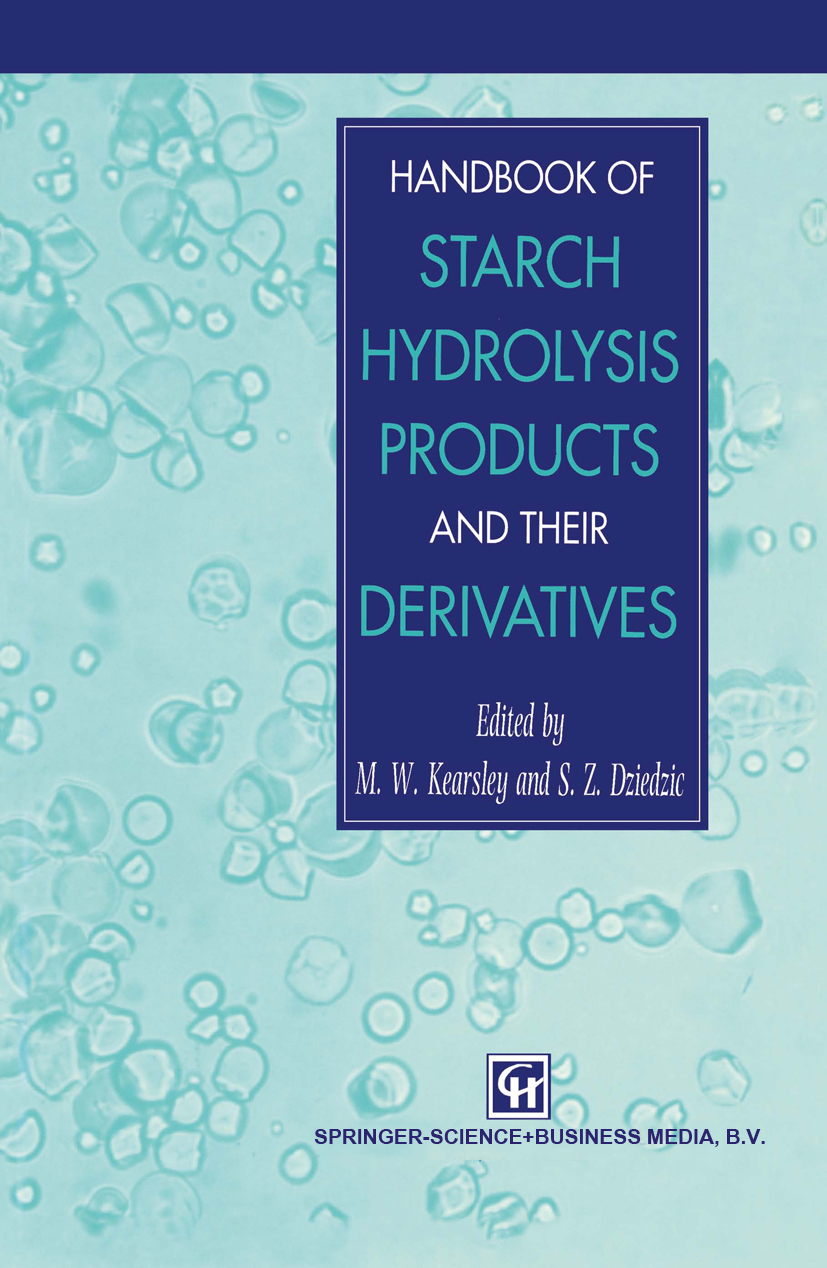
Handbook of Starch Hydrolysis Products and their Derivatives Starch hydrolysis products are arguably the most versatile of all food sugar ingredients because they can be designed to meet many different nutritional and technological requirements. This book covers all aspects of starch production, from its hydrolysis to the analysis of the finished product. In addition, the most important derivatives of starch hydrolysis products are described and their applications in the food and, increasingly pharmaceutical industries are detailed. This book is essential reading for industrial food scientists and technologists, particularly those in processing and will be of interest to those involved in the formulation of pharmaceutical products. It is also a valuable reference source for food scientists and nutritionists in academic research institutes. TECHNOLOGY & ENGINEERING,Food Science,General
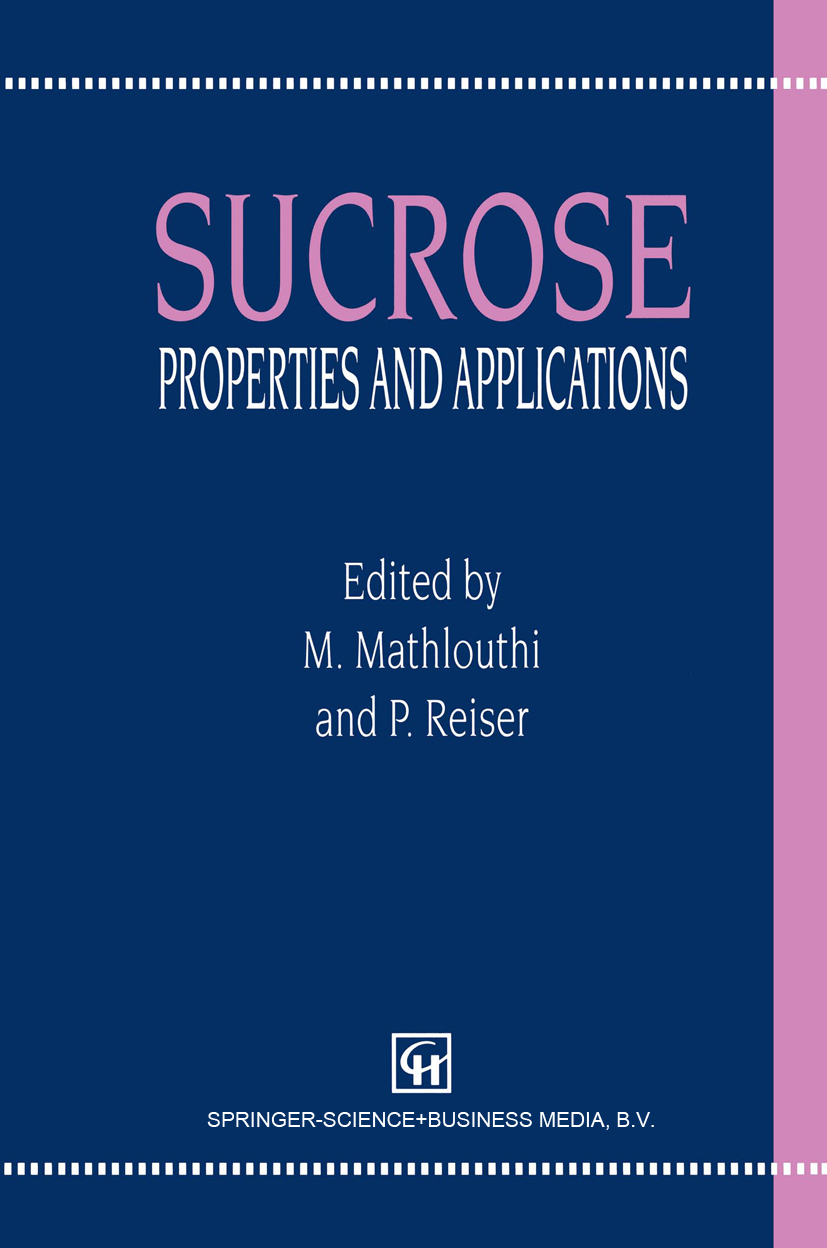
Sucrose This book provides an up-to-date overview of the economic, chemical, physical, analytical and engineering aspects of the subject, gathering together information which would otherwise be scattered over a wide variety of sources. TECHNOLOGY & ENGINEERING,Food Science,General
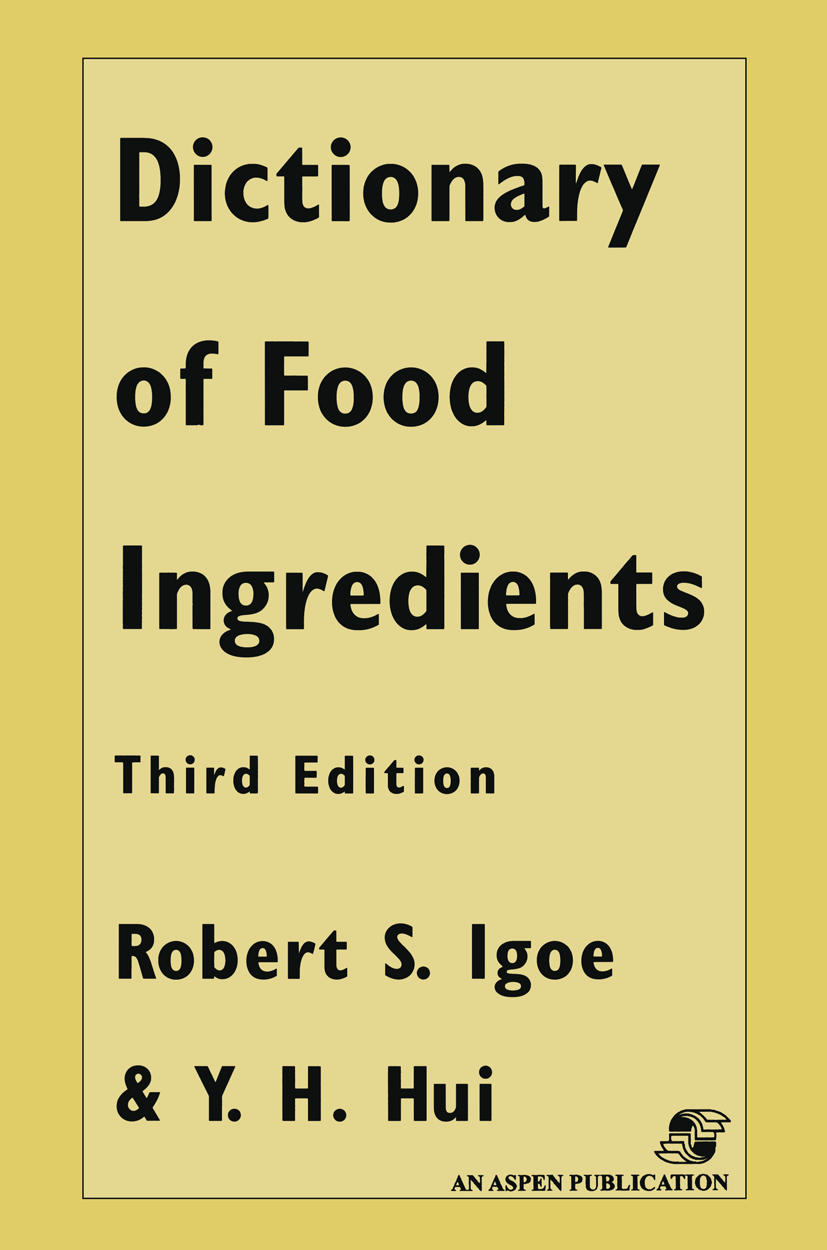
Dictionary of Food and Ingredients The Dictionary of Food Ingredients is a unique, easy-to-use source of infor mation on over 1,000 food ingredients. Like the previous editions, the new and updated Third Edition provides clear and concise information on currently used additives, including natural ingredients, FDA-approved artificial ingredients, and compounds used in food processing. The dictionary entries, organized in alphabetical order, include information on ingredient functions, chemical properties, and uses in food products. The updated and revised Third Edition contains approximately 150 new entries, and includes an updated and expanded bibliography. It also lists food ingredients ac cording to U. S. federal regulatory status. Users of the two previous editions have commented favorably on the dictionary's straightforward and clearly-written definitions, and we have endeavored to maintain that standard in this new edition. We trust it will continue to be a valuable reference for the food scientist, food processor, food product developer, nutritionist, extension specialist, and student. R. S. Igoe Y. H. Hui vii Ingredients A Acacia See Arabic. Acesulfame-K A non-nutritive sweetener, also termed acesulfame potas sium. It is a white, crystalline product that is 200 times sweeter than sucrose. It is not metabolized in the body. It is relatively stable as a powder and in liquids and solids which may be heated. Acesulfame-K is approved for use in dry food products. Acesulfame Potassium See Acesulfame-K. TECHNOLOGY & ENGINEERING,Food Science,General
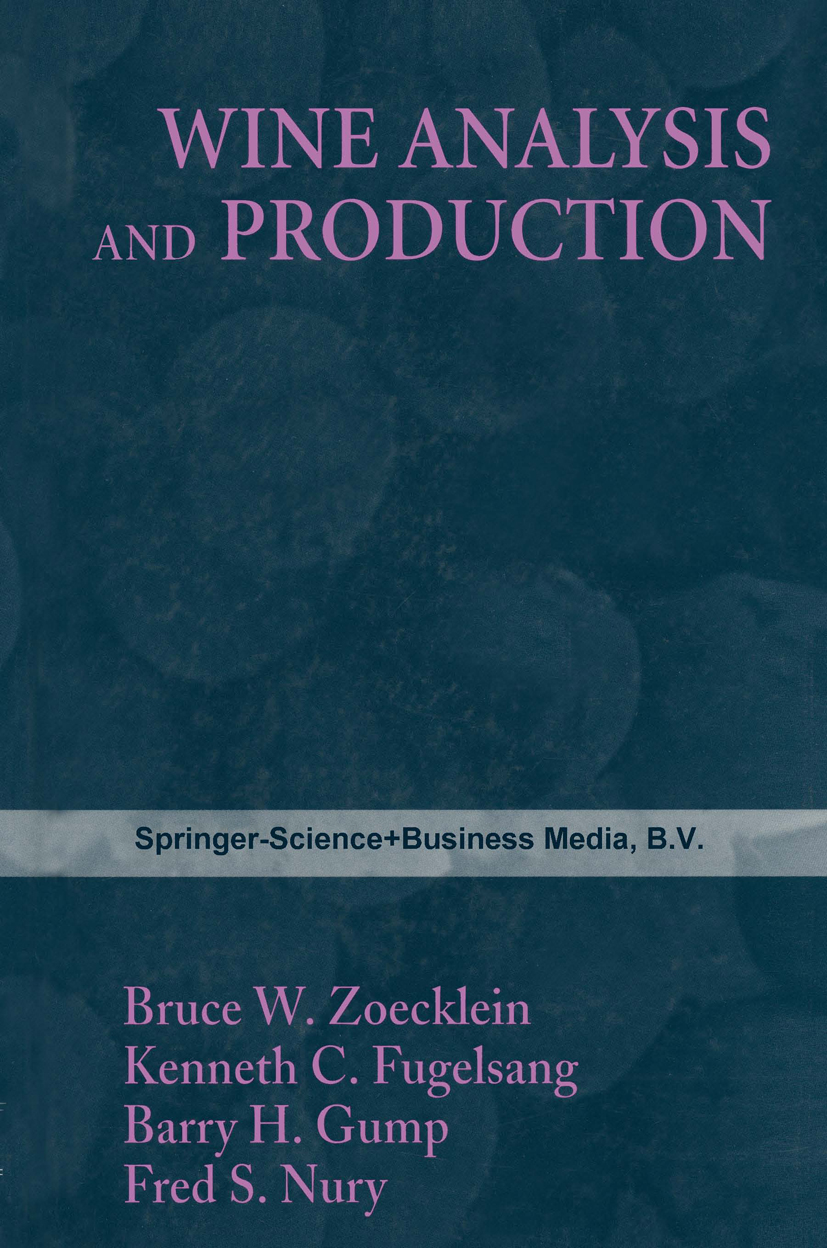
Wine Analysis and Production Winemaking as a form of food preseIVation is as old as civilization. Wine has been an integral component of people's daily diet since its discovery and has also played an important role in the development of society, reli gion, and culture. We are currently drinking the best wines ever produced. We are able to do this because of our increased understanding of grape growing, biochemistry and microbiology of fermentation, our use of ad vanced technology in production, and our ability to measure the various major and minor components that comprise this fascinating beverage. Historically, winemakers succeeded with slow but gradual improvements brought about by combinations of folklore, obseIVation, and luck. How ever, they also had monumental failures resulting in the necessity to dis pose of wine or convert it into distilled spirits or vinegar. It was assumed that even the most marginally drinkable wines could be marketed. This is not the case for modem producers. The costs of grapes, the technology used in production, oak barrels, corks, bottling equipment, etc. , have in creased dramatically and continue to rise. Consumers are now accustomed to supplies of inexpensive and high-quality varietals and blends; they con tinue to demand better. Modem winemakers now rely on basic science and xvi Preface xvii the systematic application of their art to produce products pleasing to the increasingly knowledgeable consumer base that enjoys wine as part of its civilized society. TECHNOLOGY & ENGINEERING,Food Science,General
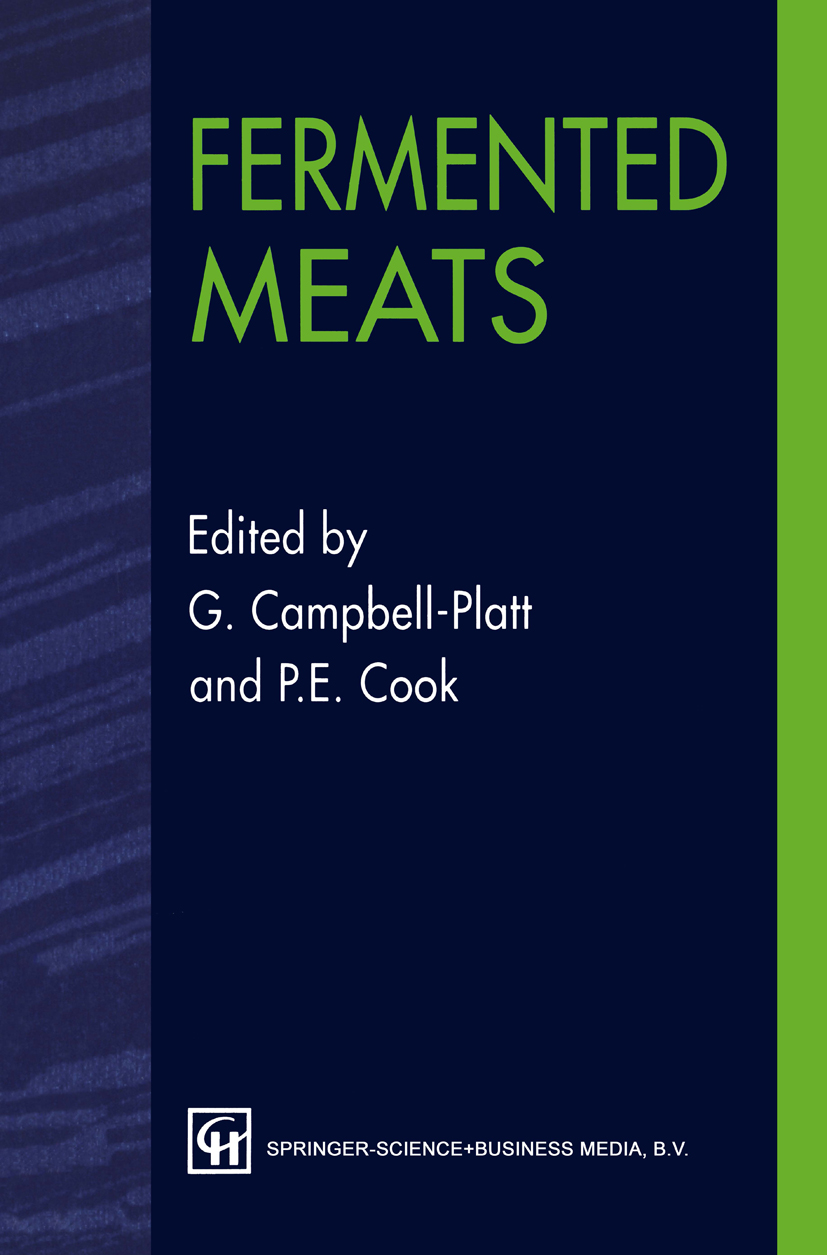
Fermented Meats Preservation by fermentation is one of the oldest food technologies, and yet it continues to play an important role in meat preservation in many parts of the world. These processes can be relatively simple, with minimal microbial involvement, or more complex, involving defined ingredients and starter cultures with controlled environmental conditions. Most meat fermentations rely on the use of salt as an ingredient, sometimes with the addition of nitrate, nitrite and spices. In some cases the meat may be smoked and, as with some cheese fermentations, fermented meats may be ripened by moulds and yeasts. The preservation of meats by fermentation depends on the interaction of a number of environmental and microbio logical factors including the pH, water activity, redox potential and the presence of preservatives and a competitive microftora. The subject of fermented meats is an important but relatively specialised area of microbiology and food technology. Few books have specifically addressed this subject and the topic has usually been dealt with in reviews and research papers with a significant proportion of these being published in languages other than English. As far as we are aware, this volume is the first to bring together a selection of key topics relating to the production of fermented meats and their chemical and microbiological properties. The book begins with a general chapter on the properties of meat. TECHNOLOGY & ENGINEERING,Food Science,General
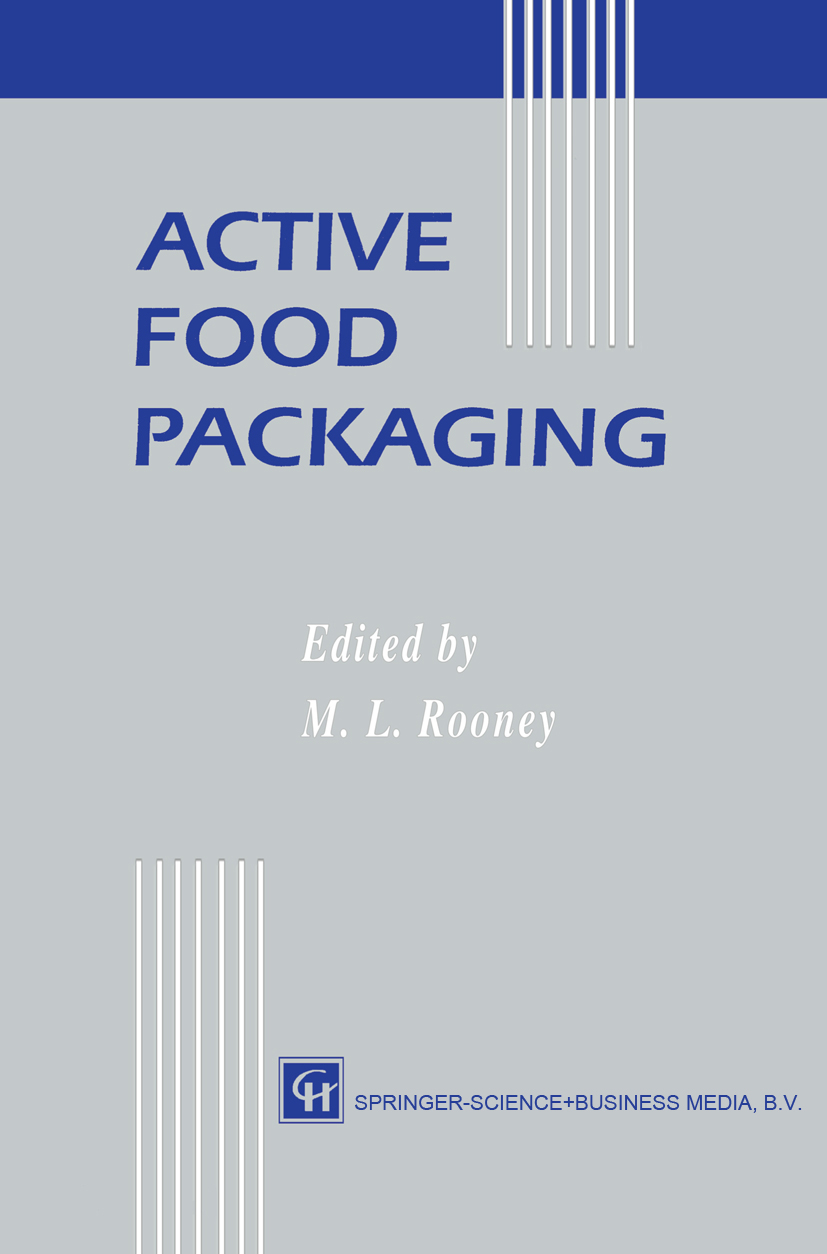
Active Food Packaging Food packaging materials have traditionally been chosen to avoid unwanted interactions with the food. During the past two decades a wide variety of packaging materials have been devised or developed to interact with the food. These packaging materials, which are designed to perform some desired role other than to provide an inert barrier to outside influences, are termed 'active packaging'. The benefits of active packaging are based on both chemical and physical effects. Active packaging concepts have often been presented to the food industry with few supporting results of background research. This manner of introduction has led to substantial uncertainty by potential users because claims have sometimes been based on extrapolation from what little proven information is available. The forms of active packaging have been chosen to respond to various food properties which are often unrelated to one another. For instance many packaging requirements for post harvest horticultural produce are quite different from those for most processed foods. The object of this book is to introduce and consolidate information upon which active packaging concepts are based. Scientists, technologists, students and regulators will find here the basis of those active packaging materials, which are either commercial or proposed. The book should assist the inquirer to understand how other concepts might be applied or where they should be rejected. TECHNOLOGY & ENGINEERING,Food Science,General

Developments in Oils and Fats This first volume in a series is intended to provide up-to-date information on specific topics in oils and fats. The book will be especially valuable for any practising scientist or technologist who deals in any way with oils and fats whether from a nutritional, surfactant, cosmetic or analytical chemistry point of view. In addition there is sufficient depth in most of the articles to catch the imagination of many more senior managers in the industry. The oils and fats industry is closely aligned with the food industry and it is no surprise to find that five of the chapters (1, 2, 3, 6 and 7) are written from a food perspective. The current arguments about diets and their fat content are well developed in Dr Enser's chapter on meat lipids. He has presented a very balanced picture explaining that there are many reports which contradict the fashionable 'saturated fatty acids are bad' theory. This chapter will do much to illustrate the dietary implications of meat lipids and should stimulate discussion and further research. TECHNOLOGY & ENGINEERING,Food Science,General
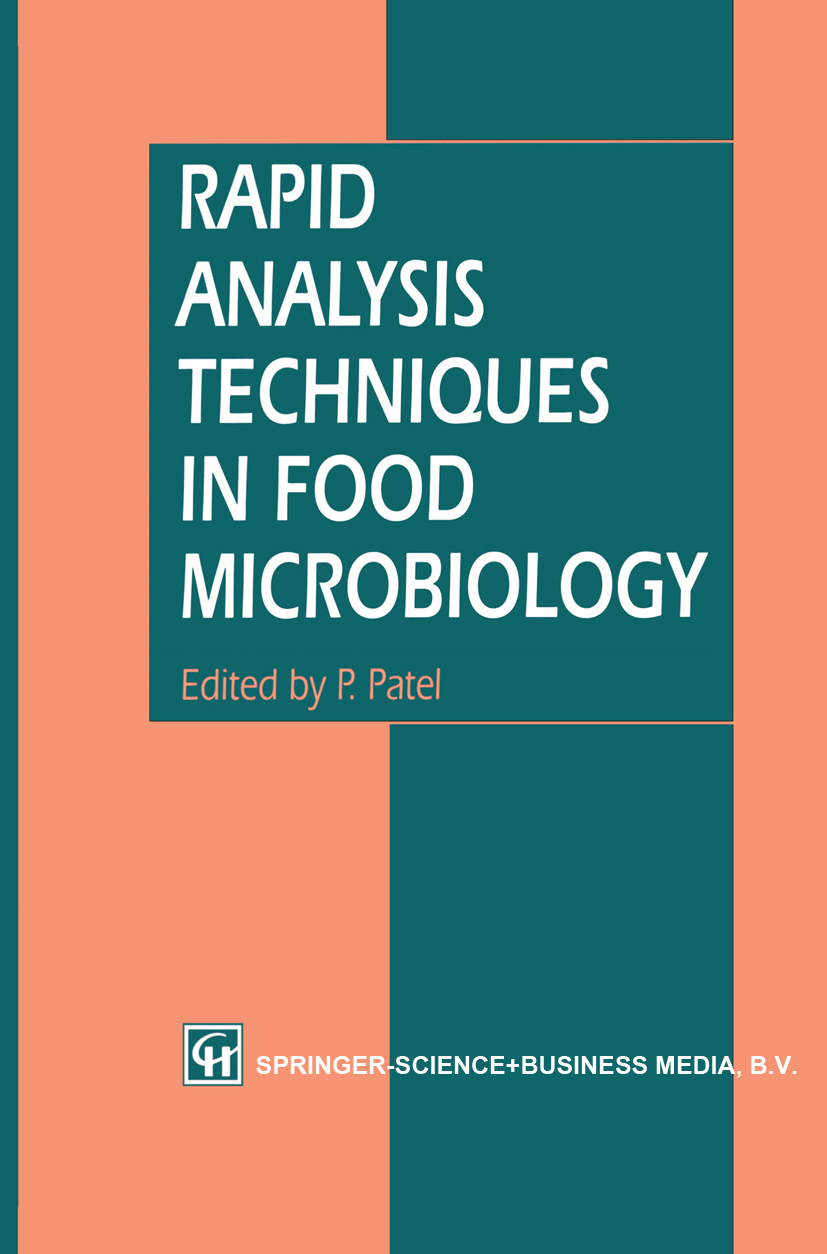
Rapid Analysis Techniques in Food Microbiology The food industry, with its diverse range of products (e.g. short shelf-life foods, modified atmosphere packaged products and minimally processed products) is governed by strict food legislation, and microbiological safety has become a key issue. Legally required to demonstrate 'due diligence', food manufacturers are demanding analytical techniques that are simple to use, cost effective, robust, reliable and can provide results in 'real time'. The majority of current microbiological techniques (classical or rapid), particularly for the analysis of foodborne pathogens, give results that are only of retrospective value and do not allow proactive or reactive measures to be imple mented during modem food production. Rapid methods for microbial analysis need to be considered in the context of modem Quality Assurance (QA) systems. This book addresses microbiologists, biochemists and immunologists in the food industry, the public health sector, academic and research institutes, and manufacturers of kits and instruments. This volume is an up-to-date account of recent developments in rapid food microbiological analysis, current approaches and problems, rapid methods in relation to QA systems, and future perspectives in an intensely active field. P.D.P. Contributors Public Health Laboratory, Royal Preston Hospital, PO Box F.J. Bolton 202, Sharoe Green Lane North, Preston PR2 4HG, UK. D. M. Gibson Ministry of Agriculture, Fisheries and Food, Torry Research Station, 135 Abbey Road, Aberdeen AB9 8DG, Scotland. P.A. Hall Microbiology and Food Safety, Kraft General Foods, 801 Waukegan Road, Glenview, Illinois 60025, USA. TECHNOLOGY & ENGINEERING,Food Science,General
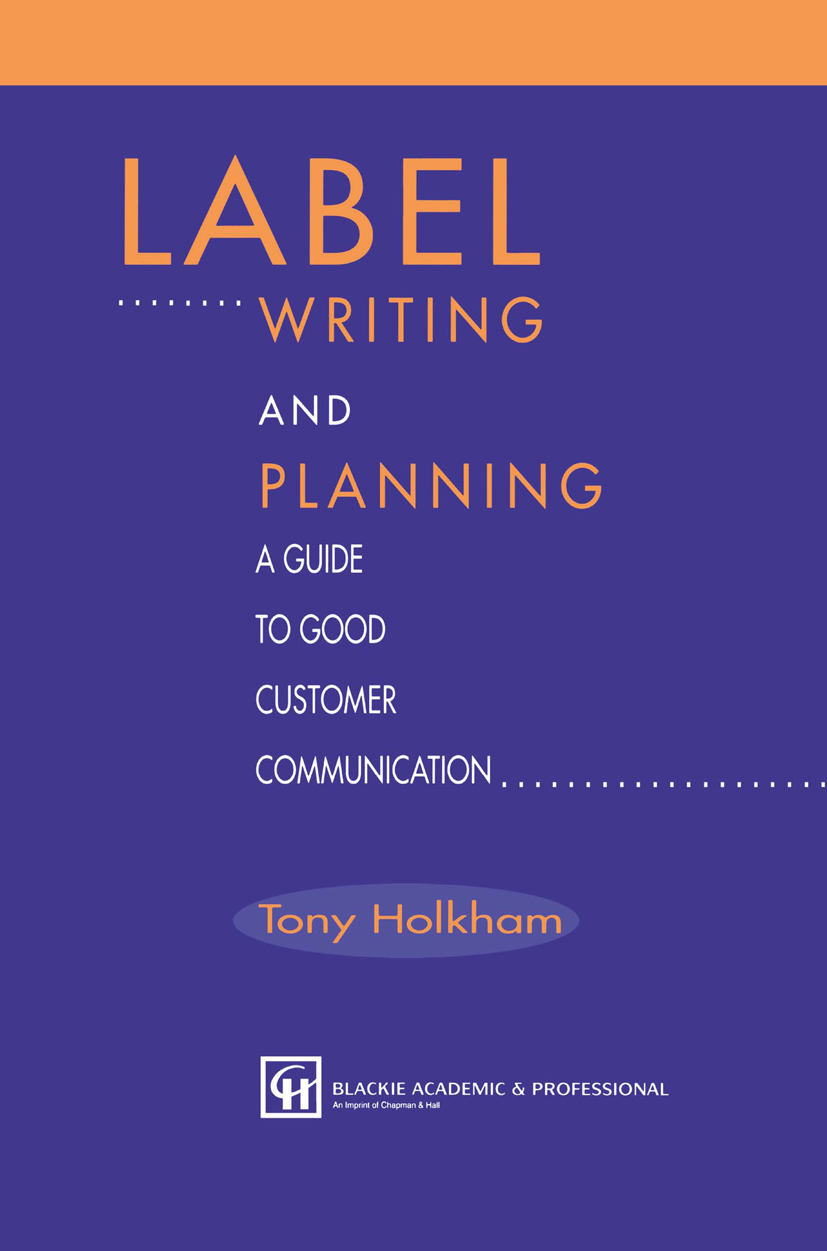
Label Writing and Planning The label on your product is the most important document you produce. Ask any customer; it is often the only communication they have with you. This book is about getting your labeling and product information right, and that is more important than getting customers to buy your products. It is about ensuring that they buy them again, and again. Written primarily for the fast moving consumer goods industries such as food, chemicals, cosmetics and health, this book is also essential reading for anyone involved in label writing and design, or product information in any context. Tony Holkham is a consultant providing expertise to a range of industries. He has written in-house labeling manuals, published articles and runs training courses on the subject. TECHNOLOGY & ENGINEERING,Food Science,General
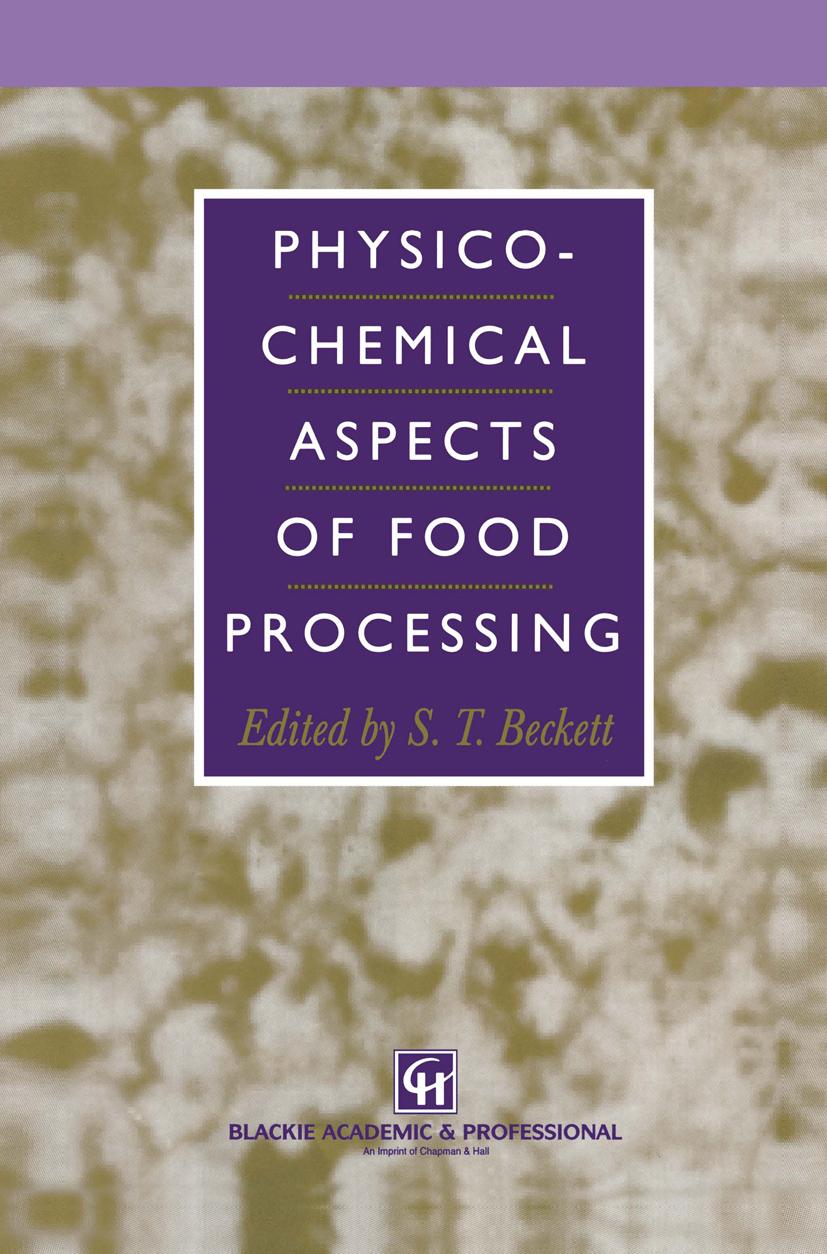
Physico-Chemical Aspects of Food Processing Food processing is now the biggest industry in the UK and in many other countries. It is also rapidly changing from what was essentially a craft industry, batch processing relatively small amounts of product, to a very highly automated one with continuously operating high speed production lines. In addition, consumers have developed a greater expectation for consistently high standard products and coupled this with demands for such things as a more natural flavour, lower fat etc. The need for an increased knowledge of the scientific principles behind food processing has never been greater. Within the industry itself, increased automation, company diversification and amalgamations etc. have meant that those working in it have often to change their field of operation. Whereas twenty years ago, someone starting work in one branch of the food industry could expect, if he or she so desired, to work there all their working lives, this is now seldom the case. This means that a basic knowledge of the principles behind food processing is necessary both for the student at university or college, and for those already in the industry. It is hoped, therefore, that this book will appeal to both, and prove to be a useful reference over a wide range of food processing. TECHNOLOGY & ENGINEERING,Food Science,General
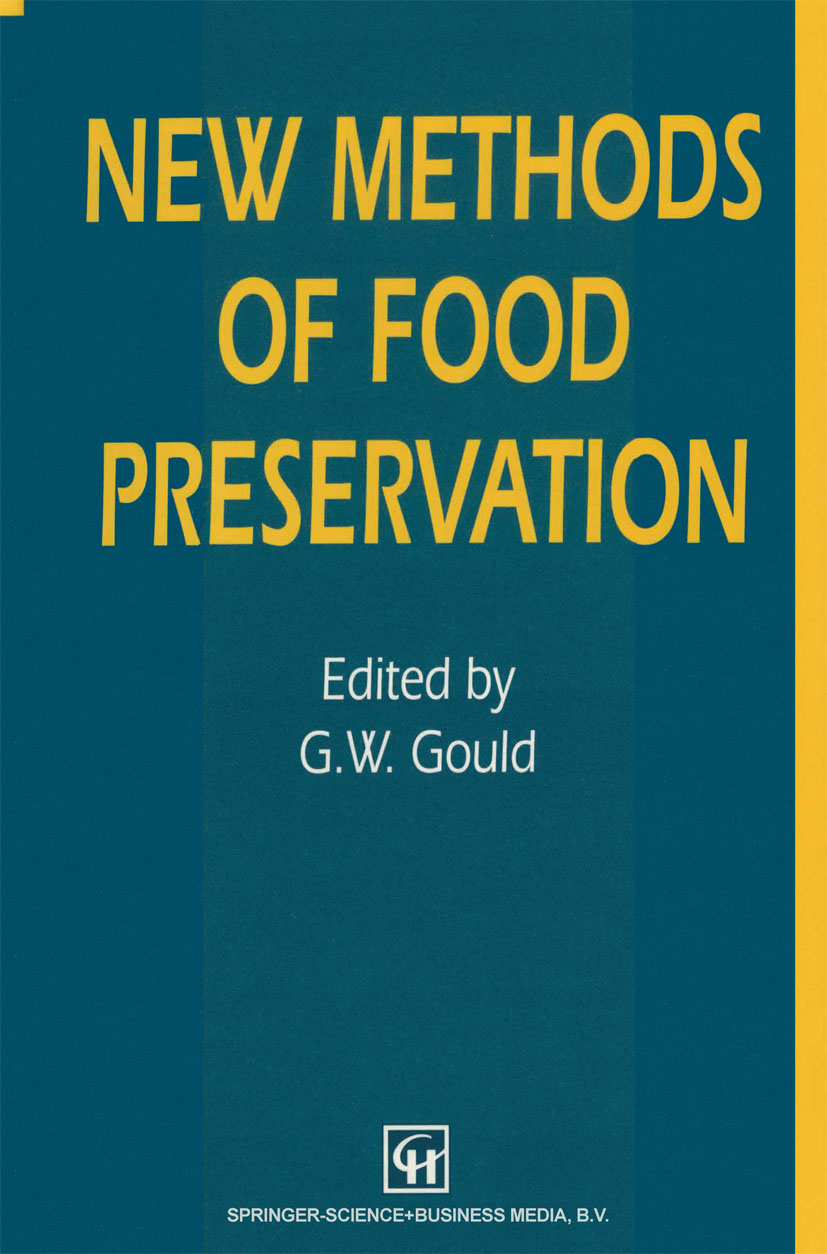
New Methods of Food Preservation 1 Principles and applications of hurdle technology.- 1.1 Introduction.- 1.2 Examples of the hurdle effect.- 1.2.1 Fermented foods.- 1.2.2 Shelf stable products (SSP).- 1.2.3 Intermediate moisture foods (IMF).- 1.3 Behaviour of microorganisms during food preservation.- 1.3.1 Homeostasis of microorganisms.- 1.3.2 Multi-target preservation of foods.- 1.3.3 Stress reactions and metabolic exhaustion.- 1.4 Total quality of foods.- 1.4.1 Optimal range of hurdles.- 1.4.2 Potential safety and quality hurdles.- 1.4.3 User guide to food design.- 1.5 Application of hurdle technology in less developed countries.- 1.5.1 Fruits of Latin America.- 1.5.2 Dairy product of India.- 1.5.3 Meat products of China.- 1.6 Future potential.- References.- 2 Bacteriocins: natural antimicrobials from microorganisms.- 2.1 Introduction.- 2.1.1 Historical.- 2.2 Bacteriocin structure and function.- 2.2.1 Lantibiotics.- 2.2.2 Small heat-stable bacteriocins.- 2.2.3 Large heat-labile bacteriocins.- 2.3 Genetics of bacteriocins from LAB.- 2.3.1 Genetic organization of bacteriocin operons.- 2.3.2 Genetic location of bacteriocin genes.- 2.4 Application of bacteriocins in food systems.- 2.4.1 Dairy industry.- 2.4.2 Canning industry.- 2.4.3 Meat industry.- 2.4.4 Wine and beer.- 2.4.5 Sauerkraut.- 2.5 Future prospects for bacteriocins.- References.- 3 Natural antimicrobials from animals.- 3.1 Introduction.- 3.2 The phagosome.- 3.3 Antibiotic peptides.- 3.3.1 Biological role.- 3.3.2 Chemical attributes and spectrum of action.- 3.4 Protein amendment and production of antibiotic peptides.- 3.4.1 Iron.- 3.4.2 Avidin.- 3.5 The lactoperoxidase system (LPS).- 3.6 Lysozymes.- 3.7 Prospects.- References.- 4 Natural antimicrobials from plants.- 4.1 Introduction.- 4.2 Phytoalexins.- 4.3 Organic acids.- 4.4 Essential oils.- 4.5 Phenolics, pigments and related compounds.- 4.5.1 Factors affecting antimicrobial action.- 4.6 Modes of action.- 4.7 Health and legislative aspects.- 4.8 Conclusions.- References.- 5 Food irradiation: current status and future prospects.- 5.1 Introduction.- 5.2 Development of national regulations.- 5.3 Technical advantages and limitations of food irradiation.- 5.3.1 Techno-economic advantages.- 5.4 Limitations of food irradiation.- 5.4.1 Technical.- 5.4.2 Infrastructure and economics.- 5.4.3 Consumer concerns.- 5.5 Consumer acceptance of irradiated food.- 5.5.1 Consumer attitude surveys.- 5.5.2 Market testings and retail sales of irradiated food.- 5.6 Commercial applications of food irradiation.- 5.7 International co-operation in the field of food irradiation.- 5.7.1 Co-operation among FAO, IAEA and WHO.- 5.7.2 Co-operation with the Codex Alimentarius Commission.- 5.7.3 Co-operation leading to international trade in irradiated food.- 5.8 Conclusions.- References.- 6 Microwave processing.- 6.1 Introduction.- 6.2 Introduction to microwaves and their interaction with food materials.- 6.2.1 Basics.- 6.2.2 How microwaves heat.- 6.2.3 Power absorption.- 6.2.4 Uniformity of heating.- 6.2.5 Material properties.- 6.3 Microwaves and microorganisms.- 6.3.1 Early work (1940-55).- 6.3.2 Renewal of interest in the 1960s.- 6.3.3 Conclusion.- 6.4 Microwave processing equipment.- 6.4.1 The benefits of microwave processing.- 6.4.2 Current status of microwave processing in food industry applications.- 6.4.3 Microwave patents in preservation.- 6.5 Case histories.- Case history 1 Green tea drying/roasting system with microwave and far infra-red techniques.- Case history 2 Drying of pharmaceuticals.- Case history 3 Pasteurisation of fruit and sugar mixture.- Case history 4 Sterilisation after packaging of pasta products.- Case history 5 Pilot plant microwave sterilizer.- 6.6 The future.- References.- 7 Hydrostatic pressure treatment of food: equipment and processing.- 7.1 Introduction.- 7.2 General description of an industrial high pressure system.- 7.2.1 The high pressure vessel and its closure.- 7.2.2 Pressure generation.- 7.2.3 Temperature control.- 7.2.4 Material handling.- 7.3 Current commercial applications of high pressure technology.- 7.3.1 Isostatic pressing.- 7.3.2 Quartz growing.- 7.3.3 Chemical reactors.- 7.4 Current status of high hydrostatic pressure technology with a view to food processing.- 7.4.1 Introduction.- 7.4.2 HHP food processing conditions: time, temperature and pressure.- 7.4.3 Capacity requirements.- 7.4.4 Fast cycling in combination with three shifts per day, 300 days per year operation.- 7.4.5 Process control.- 7.4.6 Safety.- 7.5 The challenges of the commercial application of high pressure technology in the food industry.- 7.5.1 Technical challenges.- 7.5.2 Economic and commercial challenges.- 7.6 Outlook.- Acknowledgements.- References.- 8 Hydrostatic pressure treatment of food: microbiology.- 8.1 History and key issues of high pressure application.- 8.2 Current applications.- 8.3 Pressure effects of microorganisms.- 8.3.1 Possible mechanisms of action.- 8.3.2 Pressure inactivation of vegetative cells in food systems.- 8.3 TECHNOLOGY & ENGINEERING,Food Science,General

Enzymes in Food Processing Recent years have seen a rapid increase in the use of enzymes as food processing tools, as an understanding of their means of control has improved. Since publication of the first edition of this book many new products have been commercially produced and the corresponding number of published papers has swollen. This second edition has been fully revised and updated to cover changes in the last five years. It continues to provide food technologists, chemists, biochemists and microbiologists with an authoritative, practical and detailed review of the subject. TECHNOLOGY & ENGINEERING,Food Science,General
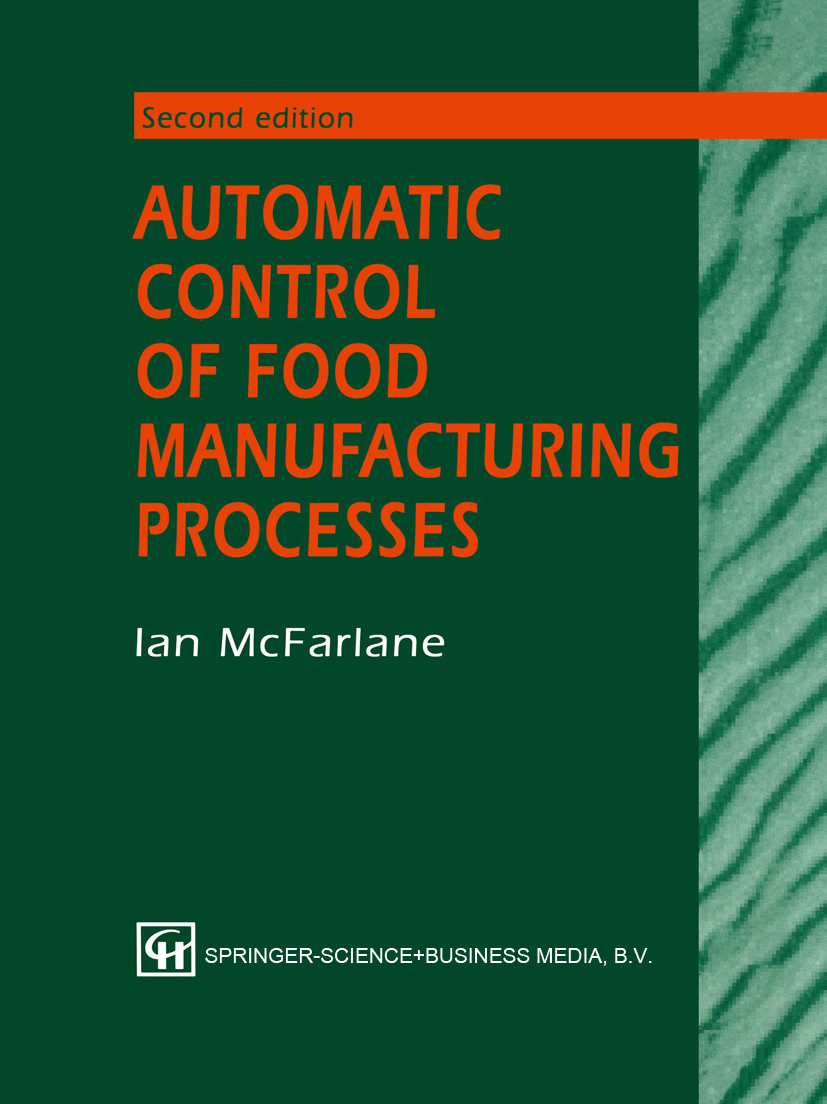
Automatic Control of Food Manufacturing Processes In the ten years since the first edition of this book appeared there have been significant developments in food process engineering, notably in biotechnology and membrane application. Advances have been made in the use of sensors for process control, and the growth of information technology and on-line computer applications continues apace. In addition, plant investment decisions are increasingly determined by quality assurance considerations and have to incorporate a greater emphasis on health and safety issues. The content of this edition has been rearranged to include descriptions of recent developments and to reflect the influence of new technology on the control and operations of automated plant. Original examples have been retained where relevant and these, together with many new illustrations, provide a comprehensive guide to good practice. TECHNOLOGY & ENGINEERING,Food Science,General

Food Colour and Appearance Much of man's behaviour is controlled by appearance, but the appearance of his food is of paramount importance to his health and well-being. In day-to-day survival and marketing situations, we can tell whether or not most foods are fit to eat from their optical properties. Although vision and colour perception are the means by which we appreciate our surroundings, visual acceptance depends on more than just colour. It depends on total appearance. In the recent past the food technologist has been under pressure to increase his/her understanding of first, the behaviour of raw materials under processing, and second, the behaviour and motivation of his/her customers in a growing, more discriminating, and worldwide market. The chapters which follow describe the philosophy of total ap pearance, the factors comprising it, and its application to the food industry. Included are: considerations of the evolutionary, historical, and cultural aspects of food appearance; the physics and food chemistry of colour and appearance; the principles of sensory ap pearance assessment and appearance profile analysis, as well as instrumental measurement; the interaction of product appearance, control, and acceptance in the varied environments of the laboratory, production line, supermarket, home and restaurant. A broad examination has been made in an attempt to get into perspective the importance of appearance to all sectors of the industry. TECHNOLOGY & ENGINEERING,Food Science,General

Measurement of Food Preferences This book provides comprehensive coverage of the numerous methods used to characterise food preference. It brings together, for the first time, the broad range of methodologies that are brought to bear on food choice and preference. Preference is not measured in a sensory laboratory using a trained panel - it is measured using consumers by means of product tests in laboratories, central locations, in canteens and at home, by questionnaires and in focus groups. Similarly, food preference is not a direct function of sensory preference - it is determined by a wide range of factors and influences, some competing against each other, some reinforcing each other. We have aimed to provide a detailed introduction to the measurement of all these aspects, including institutional product development, context effects, variation in language used by consumers, collection and analysis of qualitative data by focus groups, product optimisation, relating prefer ence to sensory perception, accounting for differences in taste sensitivity between consumers, measuring how attitudes and beliefs determine food choice, measuring how food affects mood and mental performance, and how different expectations affect sensory perception. The emphasis has been to provide practical descriptions of current methods. Three of the ten first-named authors are university academics, the rest are in industry or research institutes. Much of the methodology is quite new, particularly the repertory grid coupled with Generalised Procrustes Analysis, Individualised Difference Testing, Food and Mood Testing, and the Sensory Expectation Models. TECHNOLOGY & ENGINEERING,Food Science,General
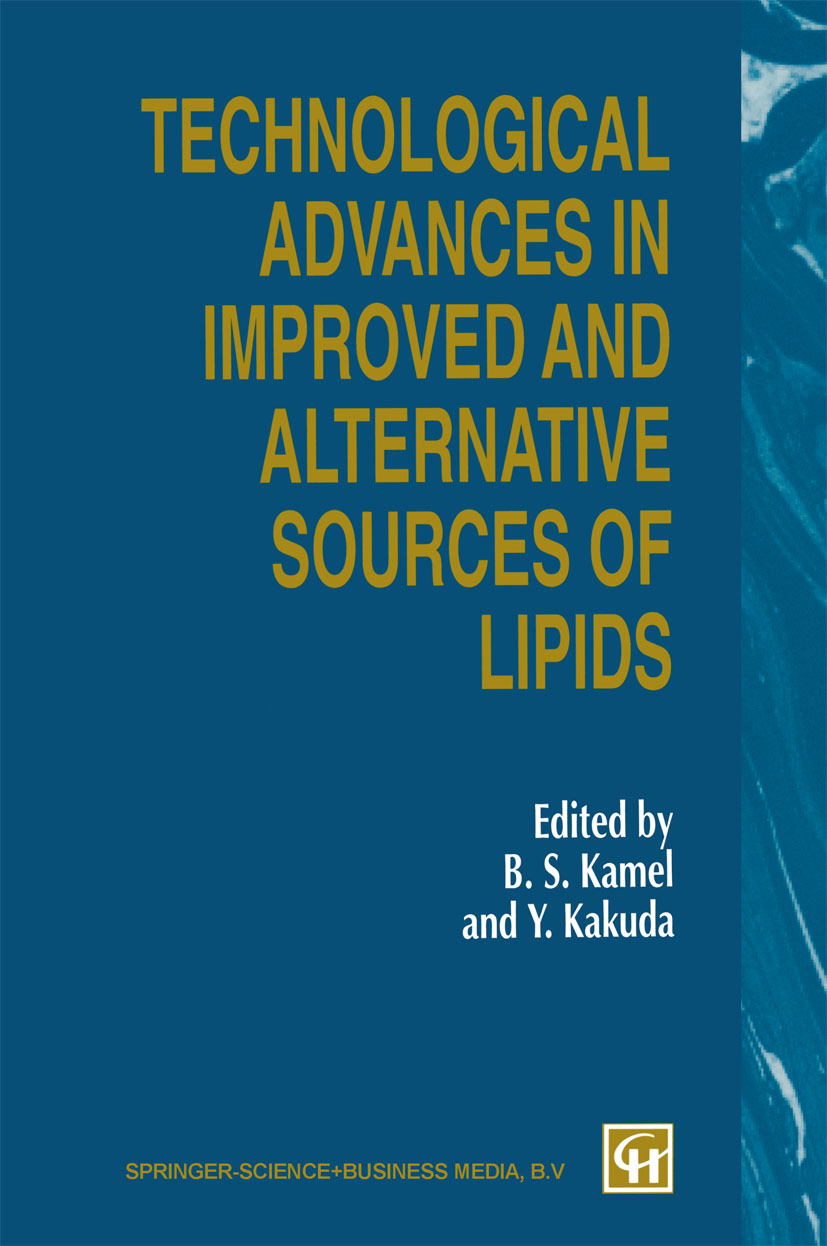
Technological Advances in Improved and Alternative Sources of Lipids Lipids are very important both as components of human nutrition and in applications such as the chemical, cosmetics and food industries. At present the world oil supply depends on conventional sources and changes in the political and economical map of the world may mean consumer demand will surpass supplies. In developed nations consumer preferences due to nutrition and health factors have also created a need to produce new types of oil. Many nations lack the power to purchase fats ,and oil due to shortages in hard currency. These nations have a vast number of plants that can be developed and used in extracting oil for home use and for sale as cash crops. Also, a vast amount of waste from food processing, such as tomatoes, peaches, plums and grapes, can be utilized to extract valuable amounts of usable oil. Biotechnology, genetic engineering, enzyme tech nologies and new processes are all being utilized in lipids research to develop new and modified types of oil for different applications; such developments include the high oleic acid, sunflower and rapeseed oils. The development of cocoa butter substitute is another example. This highly practical book reviews the methods of improving oil charac teristics from existing sources, and the technology and economics of developing under-utilized sources. It is written for lipid chemists, chemical engineers, food technologists, cosmetologists and nutritionists. Graduate and undergraduate students will find value in the data. B.S.K. TECHNOLOGY & ENGINEERING,Food Science,General
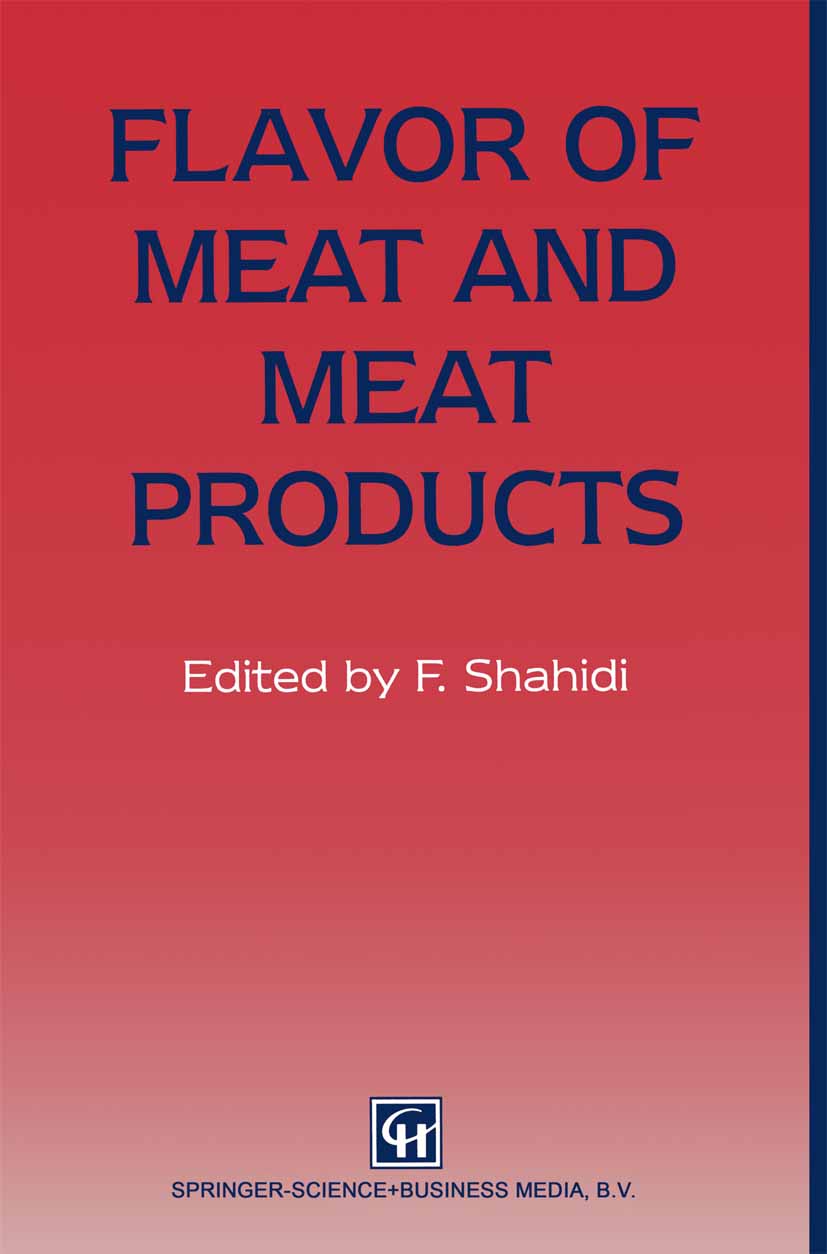
Flavor of Meat and Meat Products Flavour is an important sensory aspect of the overall acceptability of meat products. Whether we accept or reject a food depends primarily on its flavour. Both desirable and undesirable flavour effects are contemplated. Furthermore, threshold values of different flavour-active compounds have an important effect on the cumulative sensory properties of all foods. Meat from different species constitutes a major source of protein for most people. Although raw meat has little flavour and only a blood-like taste, it is a rich reservoir of non-volatile compounds with taste-tactile properties as well as flavour enhancers and aroma precursors. Non-vola tile water-soluble precursors and lipids influence the flavour of meat from different species. In addition, mode of heat processing and the nature of additives used may have a profound effect on the flavour of prepared meats. This book reports the latest advancements in meat flavour research. Following a brief overview, chapters 2 to 5 discuss flavours from different species of meat, namely beef, pork, poultry and mutton. In chapters 6 to 12 the role of meat constituents and processing on flavour are described. The final section of the book (chapters 13 to 15) summarizes analytical methodologies for assessing the flavour quality of meats. I wish to thank all the authors for their cooperative efforts and com mendable contributions which have made this publication possible. TECHNOLOGY & ENGINEERING,Food Science,General
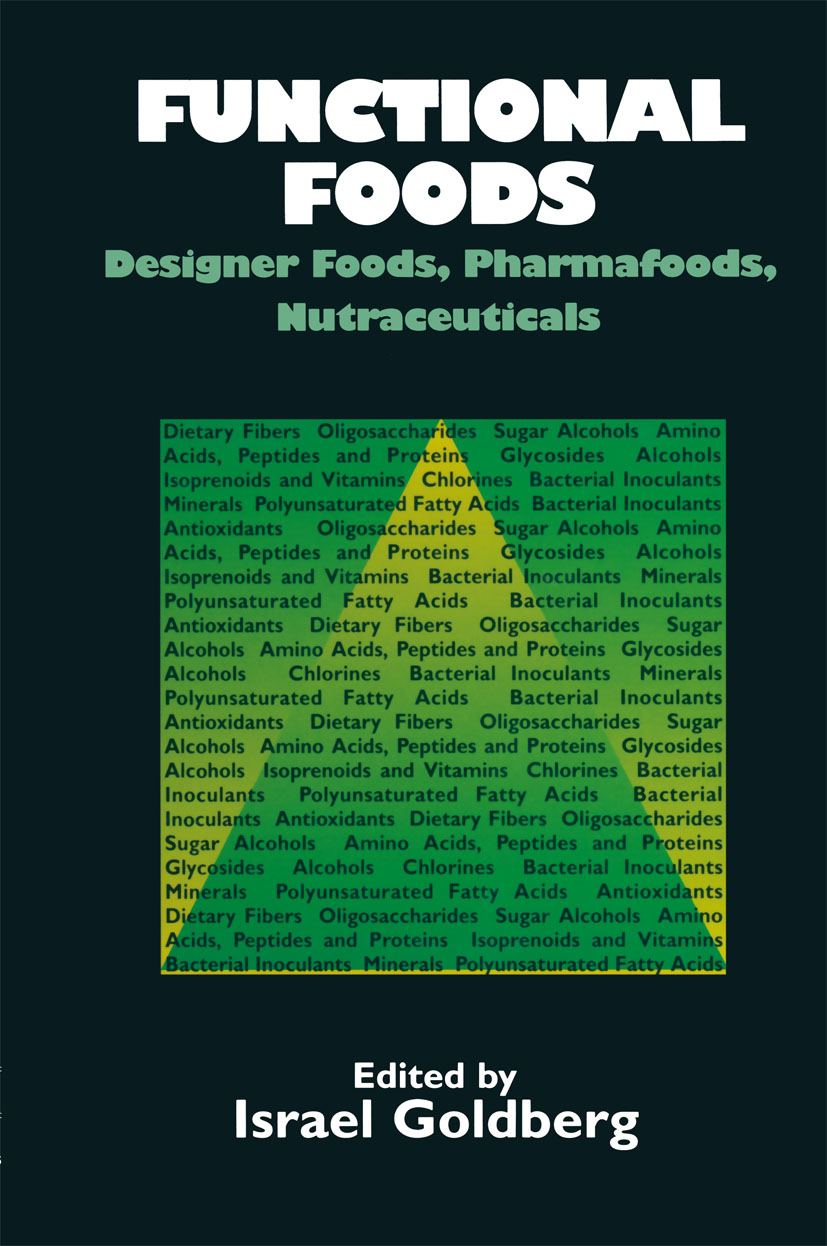
Functional Foods "Accuse not Nature! She has done her part; Do Thou but Thine!" Milton, Paradise Lost 1667 The concept that nature imparted to foods a health-giving and curative function is not new. Herbal teas and remedies have been used for centuries and continue in use in many parts of the world today. In modern society, we have turned to drugs to treat, miti gate, or prevent diseases. However, since the discovery of nutrients and our increasing analytical capabilities at the molecular level, we are beginning to become more knowledgeable of the biochemical structure-function relationship of the myriad of chemicals that occur naturally in foods and their effect on the human body. The holistic approach to medicine and diet that began in the 1970s has now seen a renewal as we realize that certain foods, because of the presence of specific biochemicals, can have a positive impact on an individual's health, physical well-being, and mental state. In fact, because of the negative image of drugs, and the grey area of s- xi Foreword xii plements, the use of foods that are "functional" is becoming a growth area for the food industry. In Japan this concept has led to one of the largest growing markets, where they have defined "functional foods" as regular foods derived only from naturally occurring in gredients. The Japanese further require that the functional foods be consumed as part of the diet and not in supplement form (i. e. TECHNOLOGY & ENGINEERING,Food Science,General
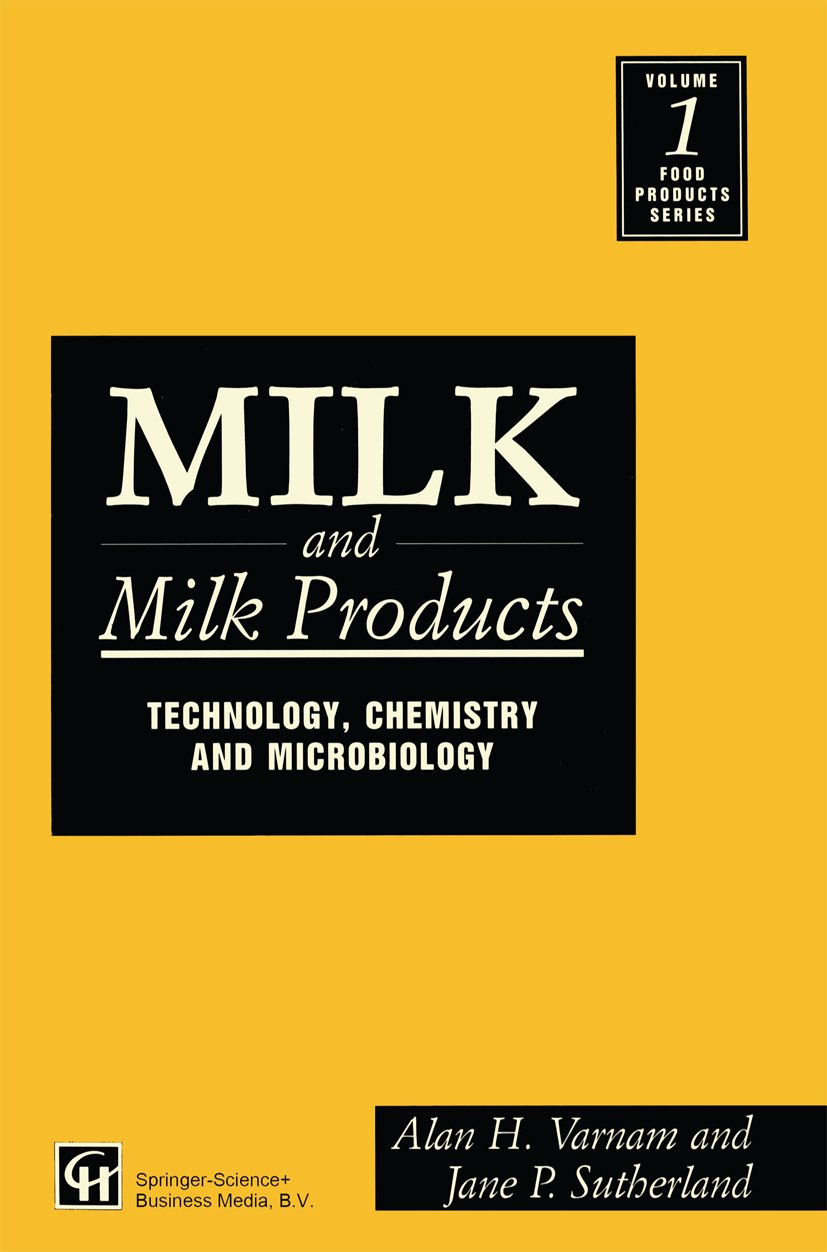
Milk and Milk Products Milk has been an important food for man since the domestication of cattle and the adoption of a pastoralist agriculture. It is also the most versatile of the animal-derived food commodities and is a component of the diet in many physical forms. In addition to milk itself, a rural technology evolved which permitted the manufacture of cheese, fer mented milks, cream and butter. At a later date, successive advances in technology were exploited in the manufacture of ice cream, concen trated and dried milks and, at a later date, of ultra-heat-treated dairy products, new dairy desserts and new functional products. At the same time, however, dairy products have been increasingly perceived as unhealthy foods and a number of high quality dairy substitutes, or analogues, have been developed which have made significant inroads into the total dairy food market. Paradoxically, perhaps, the technology which, on the one hand, presents a threat to the dairy industry through making possible high quality substitutes offers, on the other hand, an opportunity to exploit new uses for milk and its components and to develop entirely new dairy products. Further, the development of products such as low fat dairy spreads has tended to blur the distinction between the dairy industry and its imitators and further broadened the range of knowledge required of dairy scientists and technologists. TECHNOLOGY & ENGINEERING,Food Science,General

Handbook of Organic Food Processing and Production The increasing interest in organic foods has created a need for this book, the first practical manual to cover the processing of organic food and drink. The book shows how a company can process organic foods, emphasising economic and legal considerations. The authors have been selected for their extensive 'hands-on' experience of organic food processing. By demystifying the processing of organic foods this book will encourage those from outside the current organic food industry to become involved. An initial introduction to organic food is followed by a review of organic legislation (chapter 2) and the organic certification process (chapter 3). The following six chapters cover the major organic commodity groups: Fruit and Vegetables, Cereal Products, Meat and Meat Products, Dairy Products, Other Processed Foods and Alcoholic Drinks. Chapter 10 is devoted to developments in the USA. Finally there is an extensive directory, giving details of the major players and organic organisations throughout the world. The book will appeal to technical and marketing personnel in organic food and drink processing companies, as well as their counterparts in companies who want to become involved. Other people who will find this book of interest include retailers who sell organic foods; farmers who grow organic crops; lecturers and students of Food Science and Food Tech nology; lecturers and students of Agriculture; and anyone who wants an introduction to this rapidly developing sector of the food industry. TECHNOLOGY & ENGINEERING,Food Science,General
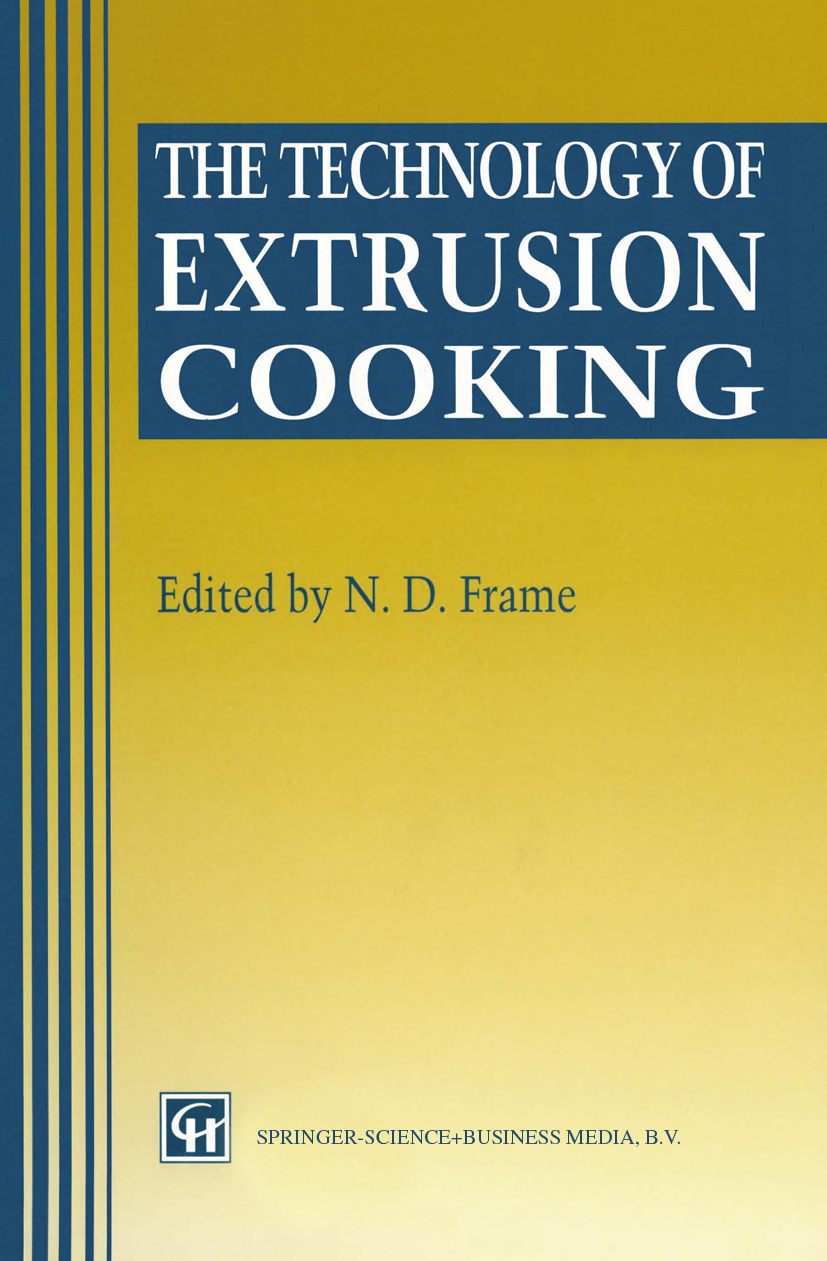
The Technology of Extrusion Cooking Extrusion cooking is a specialist area of food technology because of the complexity of the interactive effects which are inherent in the system. General predictive modelling is very difficult because ingredients are diverse and can vary considerably. Modelling tends to be product specifi- new product development tends to be by experimental designs and good fortune. The emphasis of this book is on the latest and potential applications of twin screw extrusion in food production, specifically co-rotating inter meshing screw extruders. Of course, in order to develop products and maximise the extruder potential in terms of energy, product quality and output, an overall understanding of the material flow mechanism, barrel fill length and rheology is essential. The book aims to give explanations and general guidance with examples of screw design, configuration and operat ing parameters for a variety of product categories. It is also intended to help production operators diagnose the symptoms of particular problems such as temperature control, quality variation, raw material inconsistency, etc. For the product development technologist there is more than one way to make a similar product. For example, equipment manufacturers recom mend difficult methods for producing flaked corn. In addition, their machines may differ from each other in terms of screw design, power/ volume ratio, screw tip/barrel clearance, etc. , making scale-up more prob lematic. TECHNOLOGY & ENGINEERING,Food Science,General
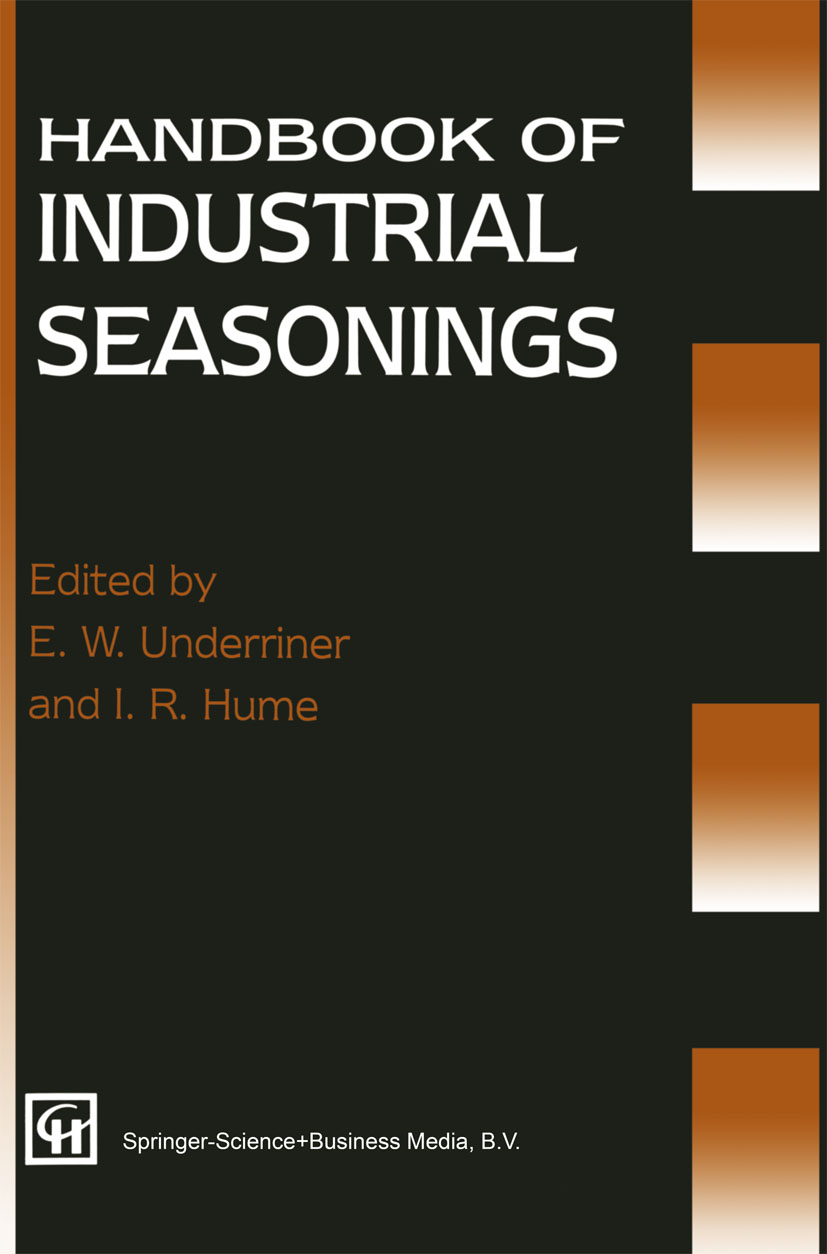
Handbook of Industrial Seasonings This book is targeted at all those involved with seasonings and flavourings in the food industry and has relevant appeal for technical, purchasing, development, production and marketing staff in seasoning and ingredient companies as well as food manufacturers. It also provides useful general technical information for those involved in purchasing and product devel opment in the retail trade. A general background to the seasoning industry is complemented by an in depth review of all the different ingredients and flavourings (natural and artificial) used in seasonings, their selection and quality. A practical approach to seasoning formulation and specification is illus trated by typical seasoning formulations. Formulation strategy is dis cussed in relation to the final product benefits and limitations, including quality aspects, which are available from different types of ingredients and how they are utilised, with an overall objective of guiding the reader to develop seasonings and flavourings which accurately meet all the final product needs. Uniquely, guidelines are discussed which should help foster improved customer/supplier relationships by the generation of accurate seasoning specifications defining final product needs and process constraints plus the evaluation and selection of seasoning suppliers who can most accurately meet the specification to give optimal product development (including cost constraints). TECHNOLOGY & ENGINEERING,Food Science,General
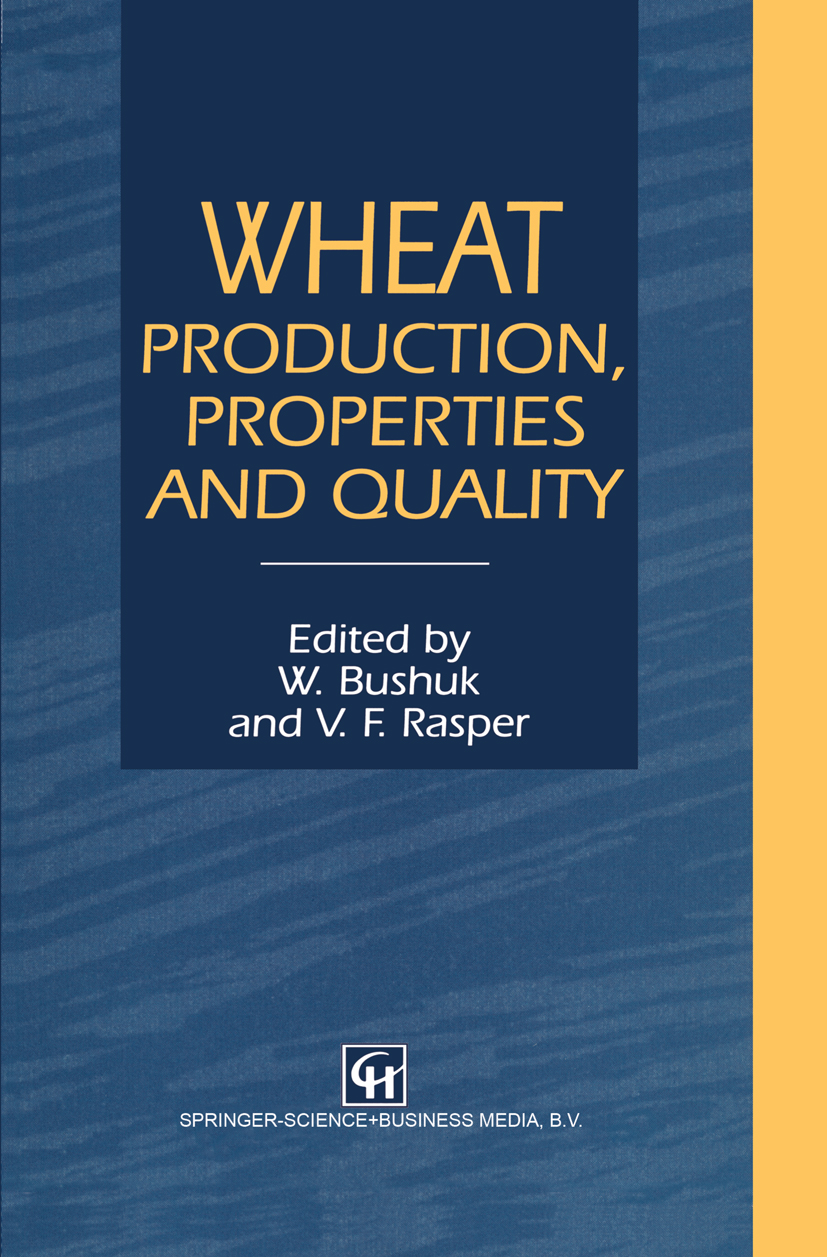
Wheat Wheat provides over 20% of the calories for the world population of 5. 3 billion persons. It is widely grown in five of the six continents. It is a highly versatile food product in that it can be stored safely for long periods of time and transported in bulk over long distances. In relative terms, it is reasonably priced; over the past quarter century, the inflation-adjusted price of wheat has been declining. Modern milling and baking technology required for the transformation of wheat grain into consumable baked products is available or accessible in all countries of the world. For these reasons, and because Canada is one of world's leading wheat producing countries, it seemed appropriate to include a major symposium on wheat in the scientific and technical program of the 8th World Congress of Food Science and Technology held in Toronto, Canada during September 29-0ctober 4, 1992. In selecting the topics for the symposium on wheat, we attempted to cover a full range of subjects including economics and marketing, nutrition, grading, processing, constituent chemistry and functionality, biote- nology, and safety of genetically modified wheat varieties. The major focus was on common hard (bread) wheats; separate papers were devoted to the unique characteristics and technological properties of common soft (biscuit) and durum (pasta) wheats. Each paper was presented by an acknowledged international expert. This book provides a more permanent record of the papers presented at the symposium. TECHNOLOGY & ENGINEERING,Food Science,General

Fisheries Processing The fish processing industry is still far from the levels of scientific and technological development that characterize other food processing oper ations. It has also been slow in finding uses for by-products and processing wastes, compared with the meat and poultry industries. The utilization of fisheries by-products or wastes constitutes an area in which the application of modern techniques could potentially improve profitability. At present, increased attention is being focused on the application of new biotechnological methods to operations related to the seafood industry, with the objective of increasing its general efficiency. Because fish processing operations are commonly carried out in the vicinity of the sea, most of the resulting fish wastes have been disposed of by returning them to it. Pollution control measures and a better understanding of the valuable composition of the products extracted from the sea are expected to encourage their recovery and the develop ment of new products from them. In the past, fisheries wastes and species not used for food have been generally utilized through techno logical processes with a low level of sophistication, such as those for the production of animal feed and fertilizer. Limited economic success has accompanied the application of physi cal and chemical processes for the recovery of non-utilized fisheries biomass and for the production of quality products from them. TECHNOLOGY & ENGINEERING,Food Science,General
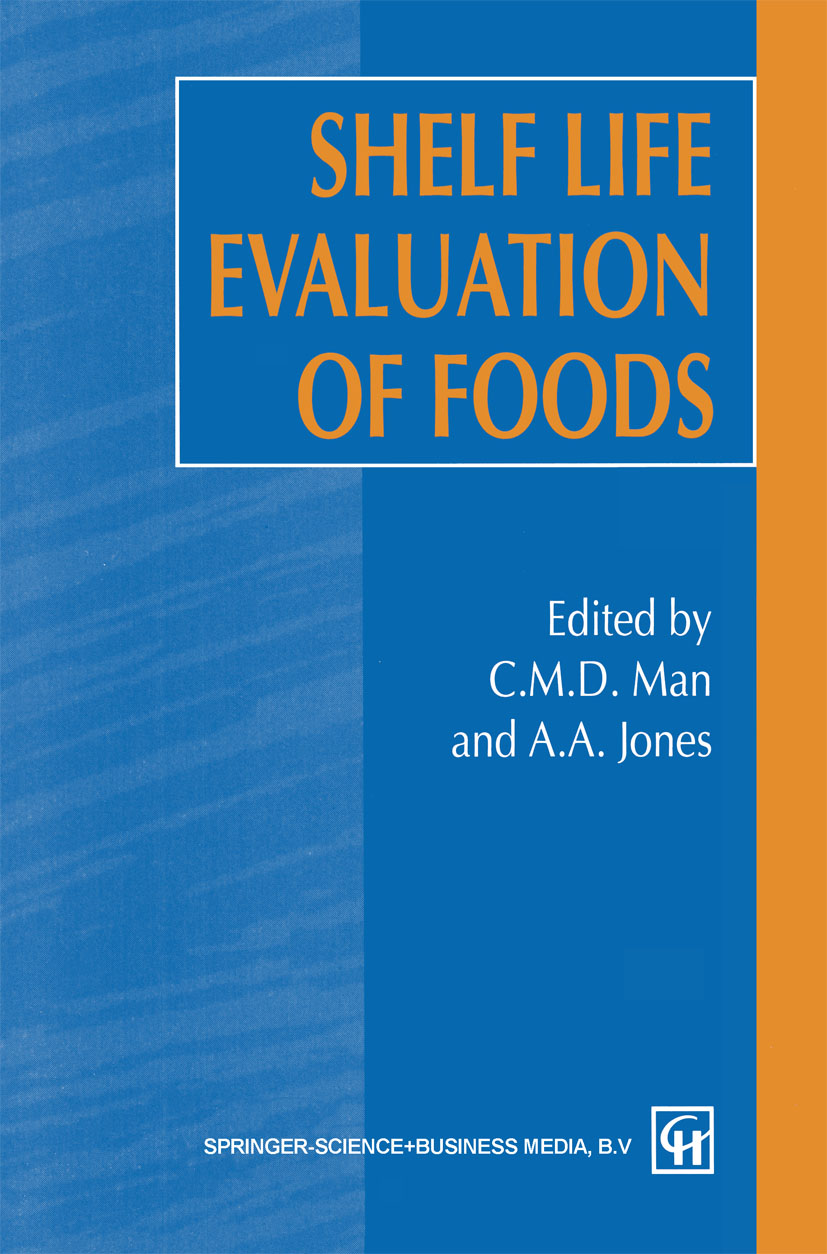
Shelf Life Evaluation of Foods The subject of shelf life of foods is not a new one. Increasing consumer interest in food safety, quality and date marking, competitjve pressures from retailers and extensive legislative changes, however, have combined to give the subject a new significance. The proper and correct determina tion of shelf life is of course fundamental to Good Manufacturing Practice (GMP) for the food and drink industry. Manufacturers who aim to produce safe, wholesome and attractive food products 'right the first time' and 'right every time' will already know the importance of proper shelf life evaluation. Incorrect shelf lives can potentially bring about dire legal, safety or financial consequences. This is not to belittle the difficulty of failing to meet consumer expectations consistently as a result of shelf lives that have been arrived at unreliably. A proper evaluation of shelf life must be grounded on sound scientific principles, supported by up-to-date techniques in food science and tech nology. This book, therefore, begins with five chapters reviewing the prin ciples of shelf life evaluation. These are followed by ten chapters on a number of selected food products. All the authors either have first hand experience on the practice of shelf life evaluation or are involved in research of the subject. Because of the diversity and complexity of food products now available, no attempt has been made to cover every product group, let alone every product conceivable. TECHNOLOGY & ENGINEERING,Food Science,General

Industrial Chocolate Manufacture and Use 1 Traditional chocolate making.- 2 Cocoa bean production and transport.- 3 Sugar.- 4 Milk.- 5 Cleaning, roasting and winnowing.- 6 Cocoa mass, cocoa butter, cocoa powder.- 7 Particle size reduction.- 8 Chemistry of flavour development in chocolate.- 9 Conching.- 10 Chocolate flow properties.- 11 Chocolate temper.- 12 Pumps and tempering.- 13 Enrobers, moulding equipment, coolers and panning.- 14 Vegetable fats.- 15 Recipes.- 16 Instrumentation.- 17 Microbiology of chocolate.- 18 Packaging.- 19 Non—conventional machines and processes.- 20 Chocolate marketing and other aspects of the confectionery industry worldwide.- 21 Future trends.- Useful conversion factors.- Useful physical constants. TECHNOLOGY & ENGINEERING,Food Science,General
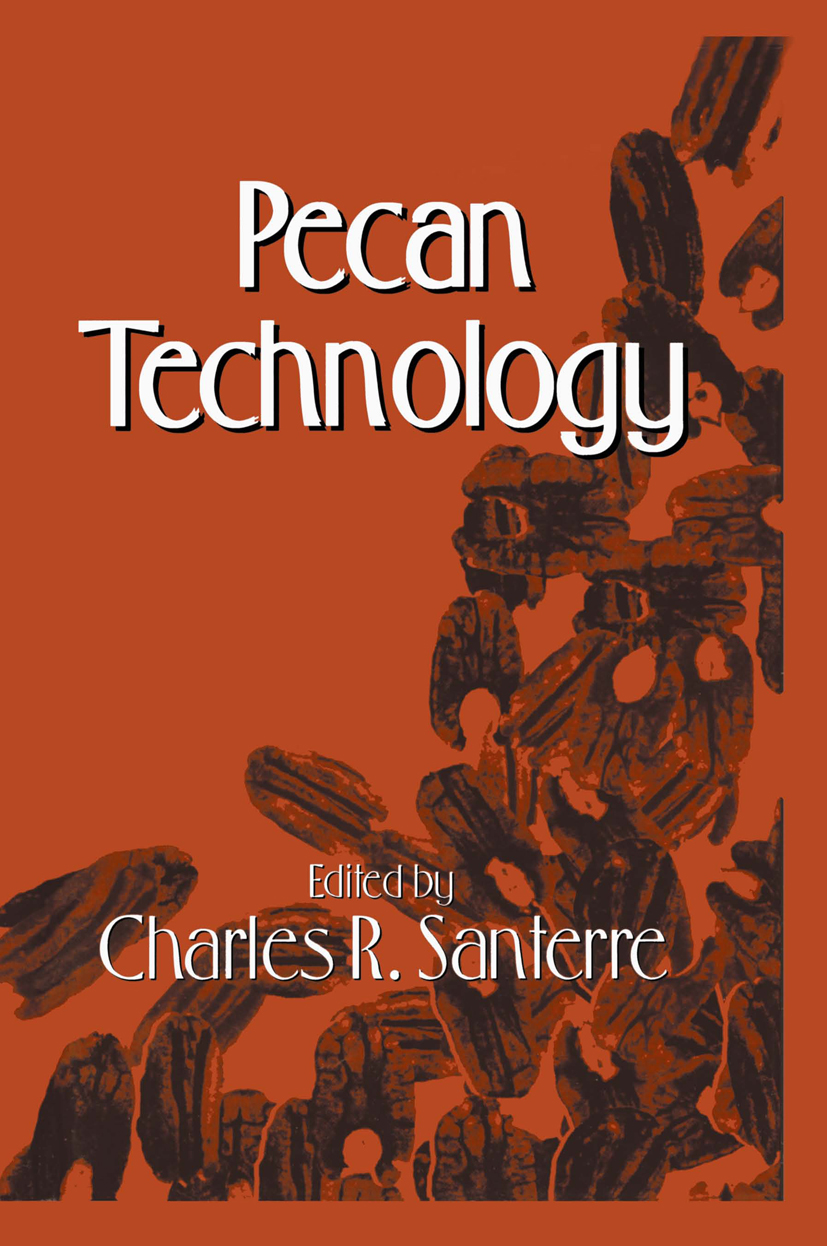
Pecan Technology Flavorwise and texturewise pecans are the "Queen of the Edible Nuts. " This has been verified by salters, bakers, confectioners and ice cream manufacturers in America and western Europe. Hickory nuts and macadamia nuts are close behind, but are available only in limited supply. Pecans are among the nuts highest in oil content. In general, the varieties of nuts with the highest oil content are also rich in flavor and tender in texture. Some varieties of pecans (i. e. , Schley and Curtis) have been shown to contain as much as 76% oil. The oil in pecans is highly unsaturated, which means it is desirable from a nutritional standpoint but that it is also highly susceptible to oxidation which can cause pecans to tum stale and rancid. Pecans used in confections, bakery goods, cereals, or in snacks are more subject to staleness and rancidity than most nuts because these products are often stored at ambient temperatures. For this reason, pecans are considered to be semi-perishable and are not used in some "fine" products due to their limited shelf-life. Research at the Georgia Experiment Station has shown that raw pecans or most pecan products may be held in good condition for more than 20 years if freezing is the mode of preservation. However, development of new products demands that pecans be stored at ambient temperatures for extended intervals. Pecan 'meat' is easily bruised during shelling and handling. TECHNOLOGY & ENGINEERING,Food Science,General
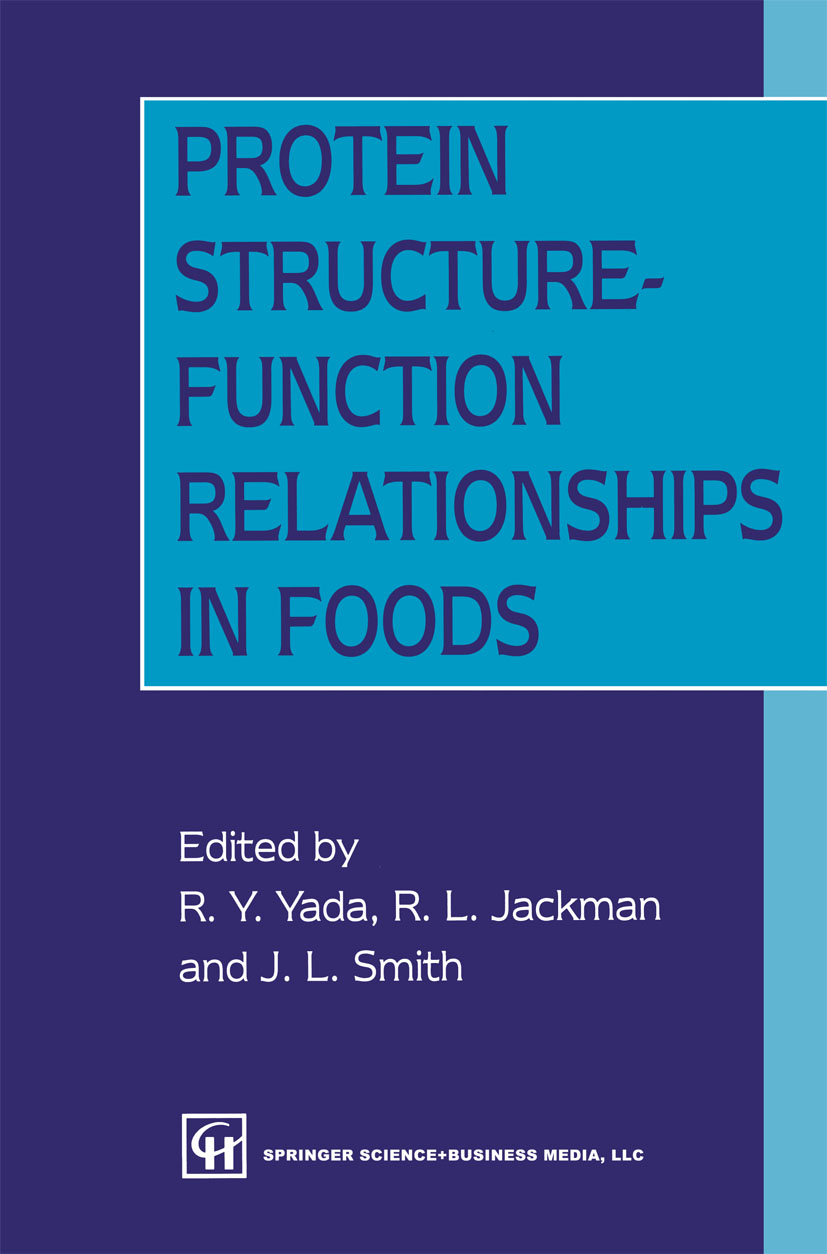
Protein Structure-Function Relationships in Foods Food proteins constitute a diverse and complex collection of biological macro molecules. Although contributing to the nutritional quality of the foods we con sume, proteins also act as integral components by virtue of their diverse functional properties. The expression of these functional properties during the preparation, processing and storage of foods is largely dictated by changes to the structure or structure-related properties of the proteins involved. Therefore, germane to the optimal use of existing and future food protein sources is a thorough understanding of the nature of the relationships between structure and function. It is the goal of this book to aid in better defining these relationships. Two distinct sections are apparent: firstly, those chapters which address struc ture-function relationships using a variety of food systems as examples to demonstrate the intricacies of this relationship, and secondly, those chapters which discuss techniques used to either examine structural parameters or aid in establishing quantitative relationships between protein structure and function. The editors would like to thank all contributors for their assistance, co-operation and, above all, their patience in putting this volume together, and the following companies/organizations for their financial support without which it would not have been the success it was: Ault Foods Limited, Best Foods Canada Limited, Natural Sciences and Engineering Research Council of Canada, Ontario Ministry of Agriculture and Food, Quest International Canada Inc., and University of Guelph. R.Y.Y. R.LJ. TECHNOLOGY & ENGINEERING,Food Science,General
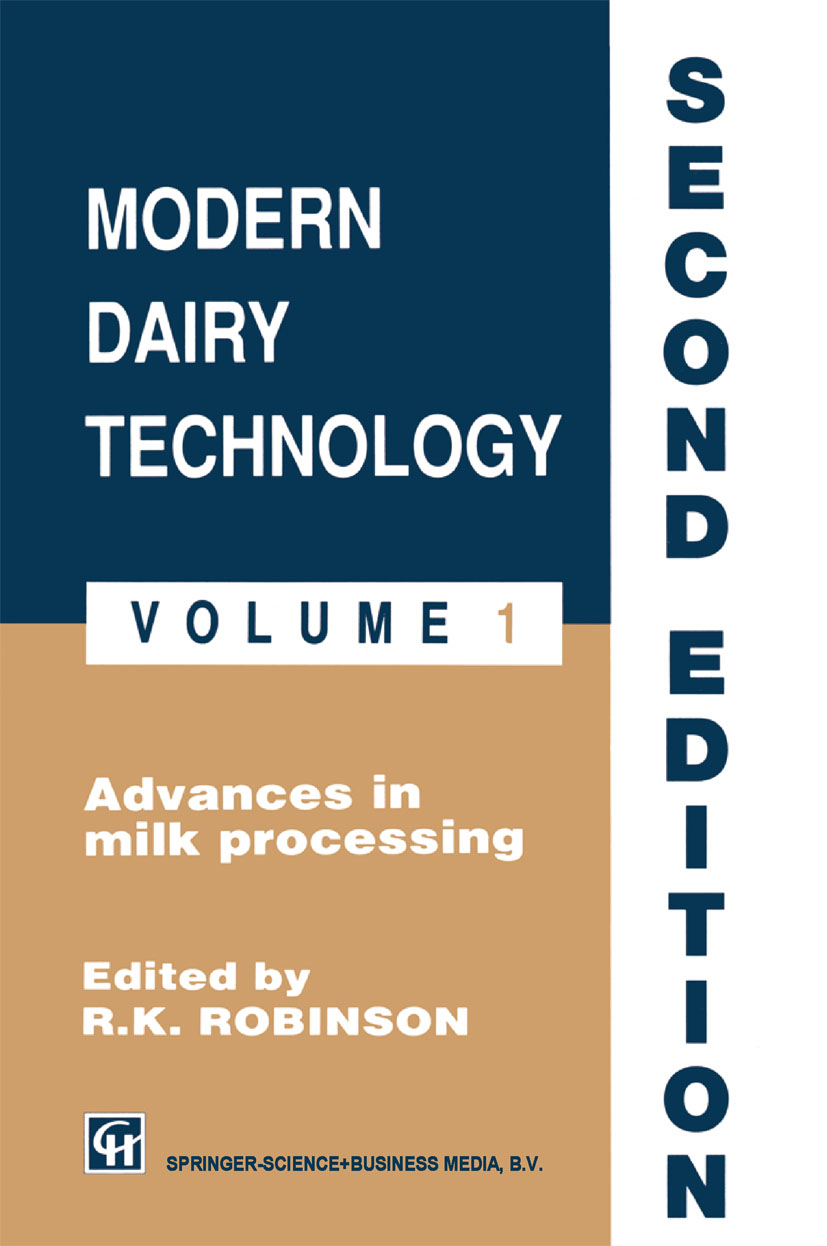
Robinson The dairy industry is, in many countries, a major contributor to the manufacturing capacity of the food sector, and as more components of milk are utilised in processed foods, so this importance is likely to grow. Already dairy operations range from the straightforward handling of liquid milk through to the production of highly sophisticated consumer items, and it is of note that all this activity is based on a raw material that is readily perishable at ambient temperatures. This competitive, commercial position, together with the fact that the general public has a high regard for dairy products, is an indication of the extent to which milk producers and processors have combined to ensure that retail prO(;lucts are both nutritious and hygienically acceptable. Achievement of these aims, and at reasonable cost, has depended in large measure on the advances that have been made in the handling of large volumes of milk. Thus, factories designed to handle millions of litres of milk per week are now commonplace, and it is the plant and equipment involved that provides the factual background for this two-volume book. TECHNOLOGY & ENGINEERING,Food Science,General
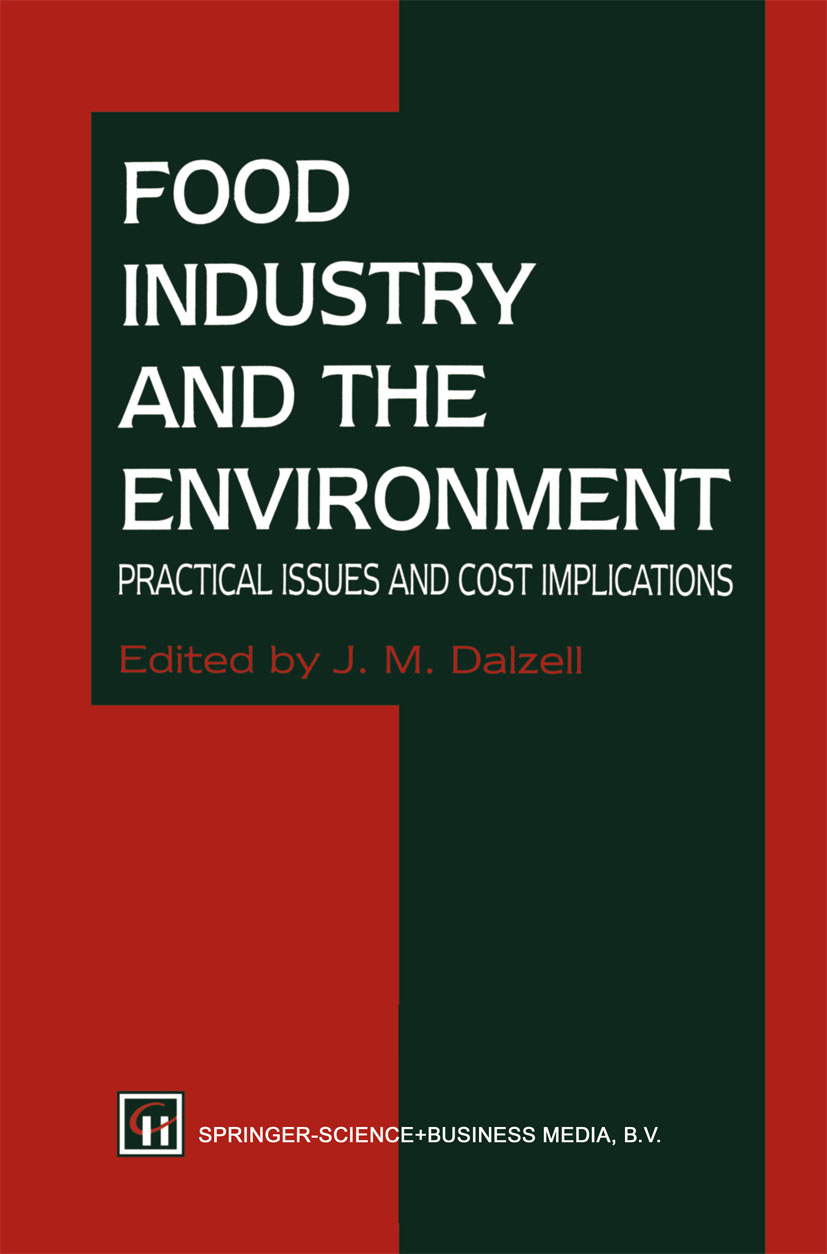
Food Industry and the Environment All areas of industry are facing increasing pressure from governments and consumers to be more environmentally aware. The food industry is no exception, and an increasing number of companies have made the decision to implement an environmental policy. These organisations will benefit from this book, which has been written to provide a broad but detailed introduction to the topic of environmental issues and their cost implica tions to the food industry. Throughout the text the authors have approached the subject from a practical angle, and have borne in mind the environmental, production or site manager who is grappling with the problem of how to implement such a policy. This book begins by considering the raw materials that are used in the food industry, whether derived from animals, fruit and vegetables, or the products of genetic engineering, as may increasingly be the case in the future. Environmental and cost considerations of food processing opera tions are then examined, encompassing energy conservation and the con trol of air, noise and water pollution; all topics that are uppermost in the priorities of the environmental manager. The finished food product also has an impact on its environment, and so the storage, distribution and packaging of foods, post food factory, is discussed in detail. Finally, the principles involved in management accounting for food industry environ mental issues are highlighted. All the authors of this book are respected experts in their chosen field, each of whom could have written a complete book on their subject. TECHNOLOGY & ENGINEERING,Food Science,General
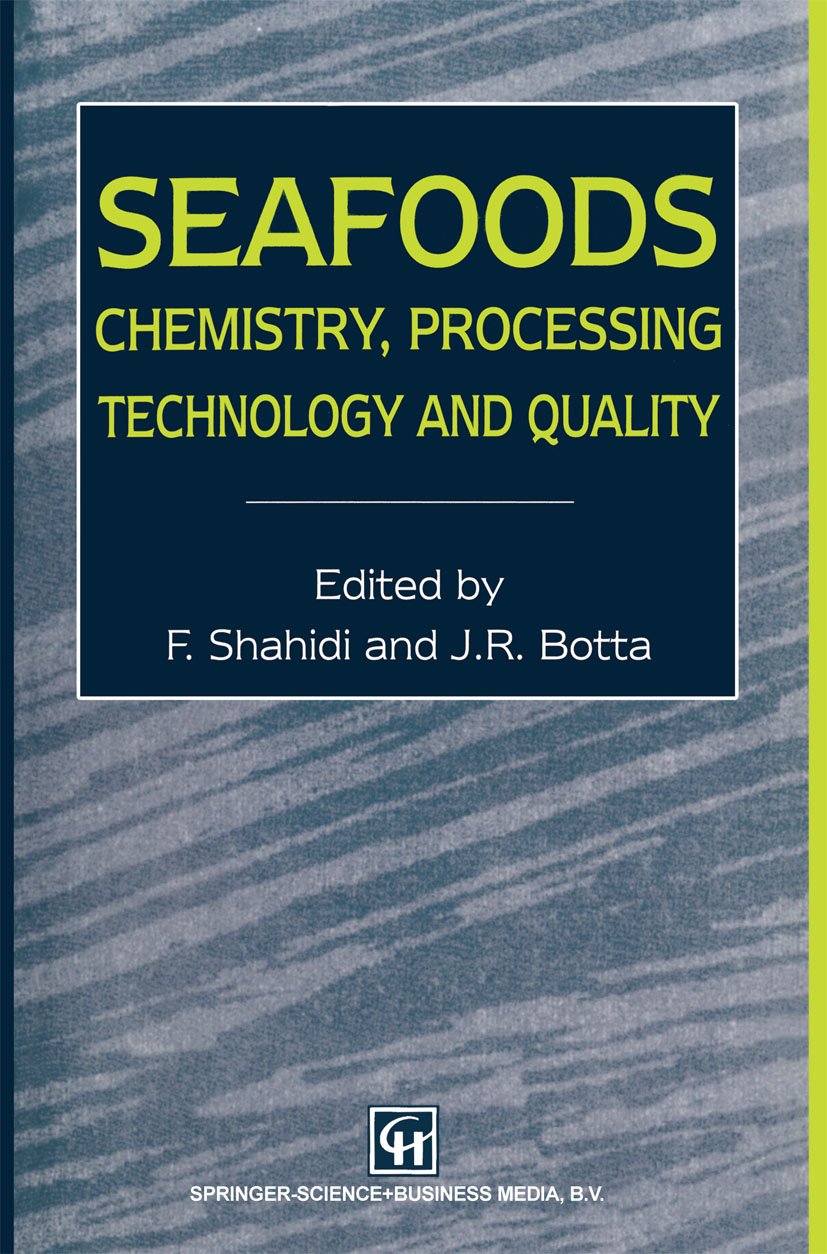
Seafoods Seafoods are important sources of nutrients for humans. Proteins and non protein nitrogenous compounds play an important role in the nutritional value and sensory quality of seafoods. Consumption of fish and marine oils is also actively encouraged for the prevention and treatment of cardio vascular diseases and rheumatoid arthritis. Highly unsaturated long-chain omega-3 fatty acids are regarded as the active components of marine oils and seafood lipids. The basic chemical and biochemical properties of seafood proteins and lipids, in addition to flavour-active components, their microbiological safety and freshness quality, are important factors to be considered. A presentation of the state-of-the-art research results on seafoods with respect to their chemistry, processing technology and quality in one volume was made possible by cooperative efforts ofan international group of experts. Following a brief overview, the book is divided into three sections. In Part 1 (chapters 2 to 8) the chemistry of seafood components such as proteins, lipids, flavorants (together with their properties and nutritional significance) is discussed. Part 2 (chapters 9 to 13) describes the quality of seafoods with respect to their freshness, preservation, micro biological safety and sensory attributes. The final section of the book (chapters 14 to 16) summarizes further processing of raw material, underutilized species and processing discards for production of value added products. TECHNOLOGY & ENGINEERING,Food Science,General
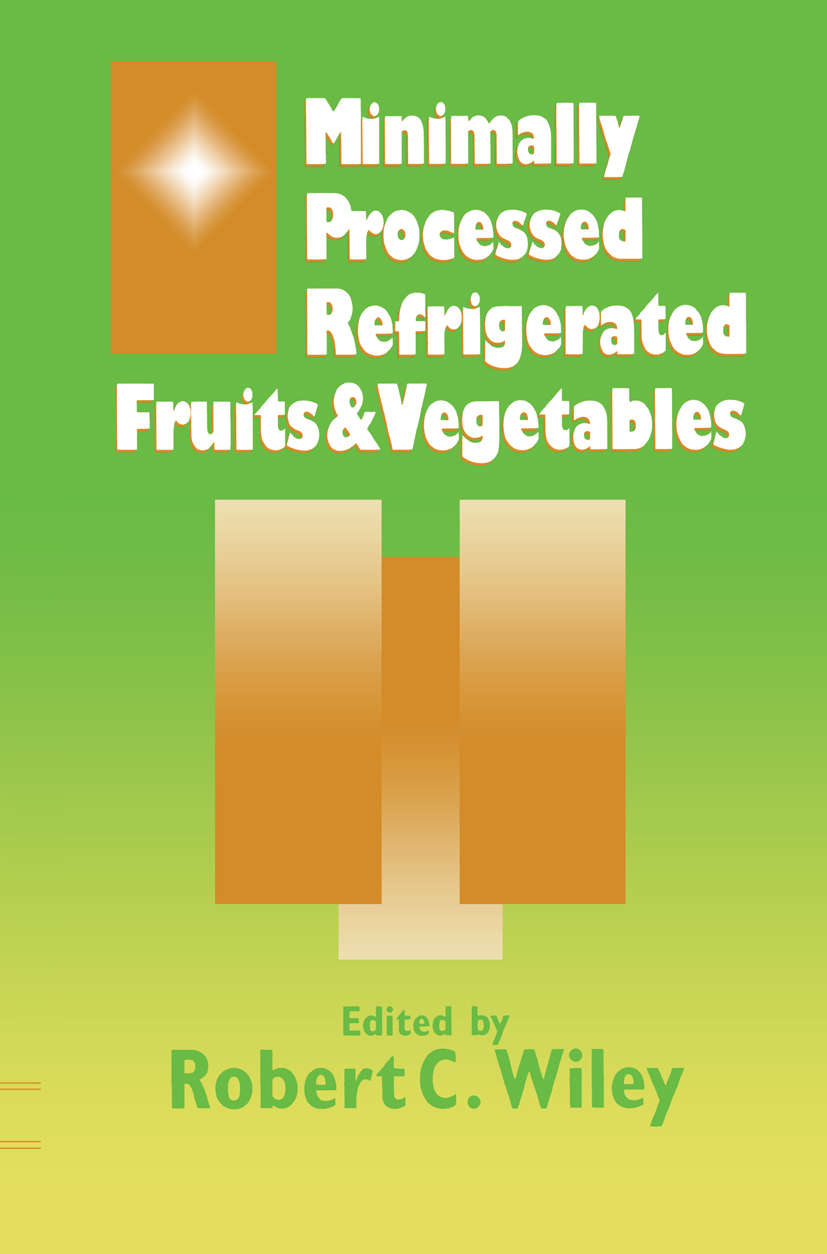
Minimally Processed Refrigerated Fruits & Vegetables The objective of this book is to introduce, organize, and document the scientific, technical and practical aspects involved with the man ufacture, storage, distribution and marketing of minimally pro cessed refrigerated (MPR) fruits and vegetables. The overall func tion of these foods is to provide a convenient, like-fresh product for food service and retail consumers. A high level of quality accom panied by superior safety are essential requisites of MPR fruits and vegetables. Since refrigeration or chilling is essential to the quality and safety of these food products, "refrigeration" is included in the title of this book, i.e. MPRefrigerated fruits and vegetables. This swiftly emerging area of processing requires organization and unification of thinking concerning fruit and vegetable food products which are not considered commercially sterile from a classical stand point. Fruits and vegetables require very special attention because of the multitude of enzymic and respiratory factors as well as mi crobiological concerns which impact on the safety of low acid and acidified vegetables and on the economic viability of high acid fruit products of all kinds. TECHNOLOGY & ENGINEERING,Food Science,General
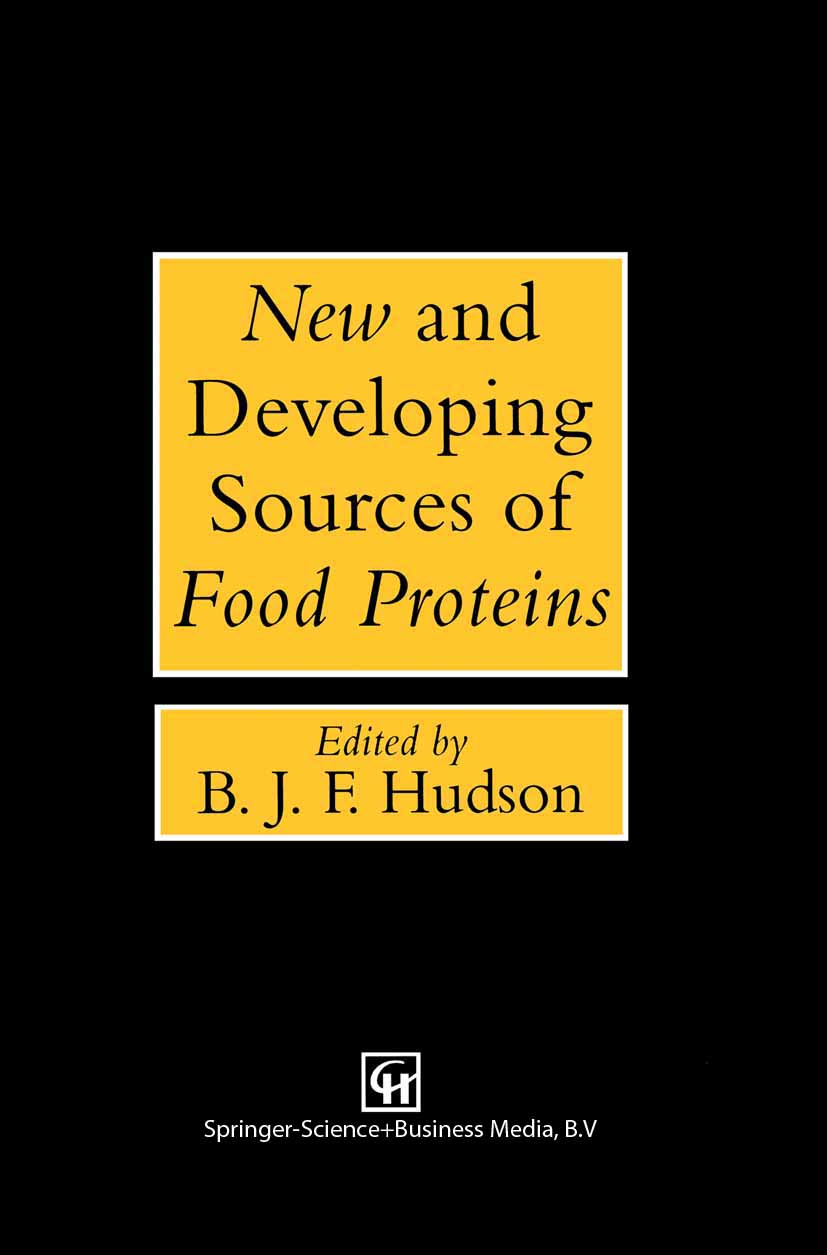
New and Developing Sources of Food Proteins The recent series of texts 'Developments in Food Proteins' comprised in all seven volumes which were published in the course of the decade 1982-1991. Each volume contained inter alia one or more chapters that were concerned with new or developing sources of food proteins. Most of these have now been collected together in an up dated and re-evaluated form for the present volume. 'New' sources of food proteins includes those sources that are unconventional, that are still of very limited significance in market terms, or that are at present of very localized use. Several of these were included in 'Developments in Food Proteins'. One of them, algae, appeared both in Volume 1 and in an up-dated form in Volume 7. It is therefore not included here. Others, such as yeasts and bacteria, have not yet increased in practical importance as potential food components beyond the long-term promise already evident at that time. However, leaf protein, as described in the present Chapter 10, has moved from the original rather crude concept to a much more sophisticated product in the form of Rubisco. Fungal protein, as Quorn (Chapter 11), has also proved to be potentially of real food value. 'Developing' sources of food protein are those sources that have always been basic items in human diets. TECHNOLOGY & ENGINEERING,Food Science,General
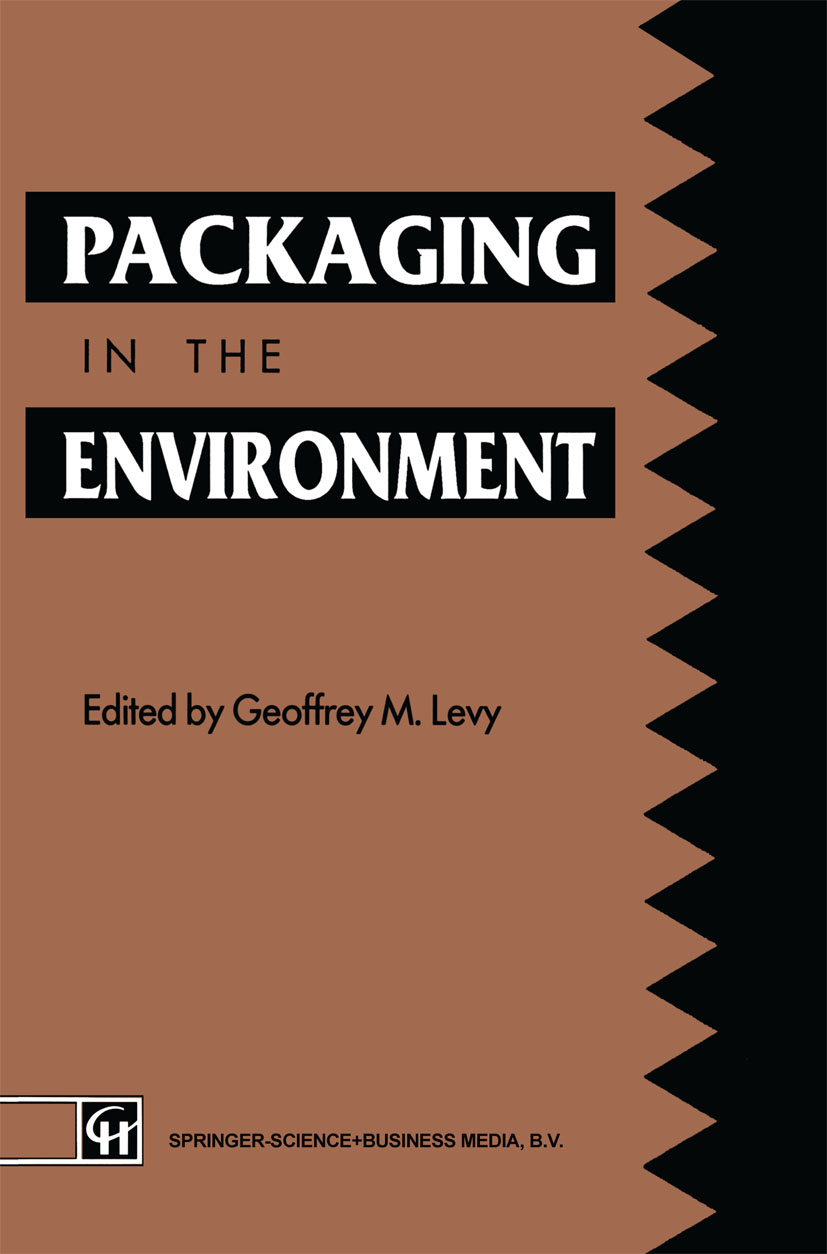
Packaging in the Environment Concern about the harm that industrial activities may cause the environ ment, means that all are now being scrutinised to assess their impact. Packaging is no exception. It is now high on the political agenda, in terms of the environmental issues which are targeted for immediate attention in industrially developed countries and is often perceived as a wasteful drain on non-sustainable resources and an unnecessary indulgence on the part of affluent societies. This book seeks to understand and respond to the variety of pressures packaging now faces, and to review and correct the many misconceptions that exist in relation to its environmental impacts. It has been structured to address the topical and critical areas for attention; it identifies and explains what are seen to be the main issues and discusses the responses being made to them in different parts of the world. More specifically, this book is intended to: • clarify the facts and dispel many of the myths surrounding the environmental aspects of packaging • explain and emphasise packaging's essential role in the workings of human society • review legislative and regulatory developments, the trends and the extent to which they are converging • consider what constitutes environmentally responsible packaging manufacture • discuss and compare the relative environmental merits and differ ences between the various packaging materials and systems • address the requirements for identifying and controlling manufac turing impacts and the role of environmental auditing in this process TECHNOLOGY & ENGINEERING,Food Science,General
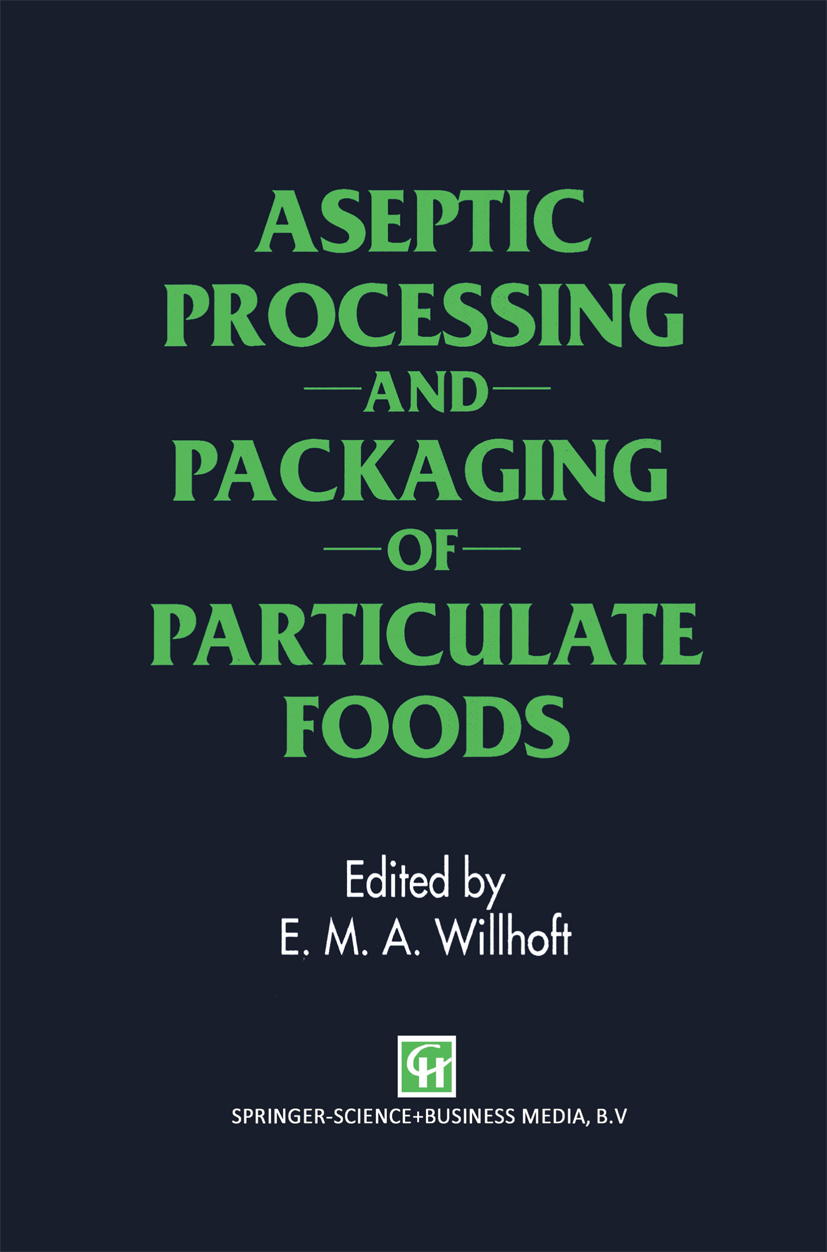
Aseptic Processing and Packaging of Particulate Foods Publications in food technology proliferate; however, noticeable by its absence of coverage is the subject of processing and packaging of particulates in foods. Recent years have seen significant advances which will almost certainly result in substitution of existing and conventional retorting. In addition, when com bined with high temperature/short time (HTST) processing, we can expect substantial further growth, reflecting quality and convenience advantages over products processed from yesterday's technologies. The anticipated growth in particulates is driven by both materials and packaging advances and only requires modest marketing of the organoleptic advantages to establish their place on menu options. The directions taken in packaging developments, especially those interfacing with the latest and established methods of processing, are increasingly influ enced by the need to design packaging on a cradle-to-grave basis. Time was when multi-laminated films on board satisfied the total needs of consumers of aseptic products. The problems of recycling combustible, i.e. energy generating mate rials laminated with aluminium foil, are becoming sensitive issues in a world preoccupied with recycling, and are creating openings for alternative and envi ronmentally friendly material combinations. This book brings together advanced technologies in the field, to provide information for professionals with interests in aseptic processing on how to go about selecting a system appropriate to their commercial needs and constraints. TECHNOLOGY & ENGINEERING,Food Science,General
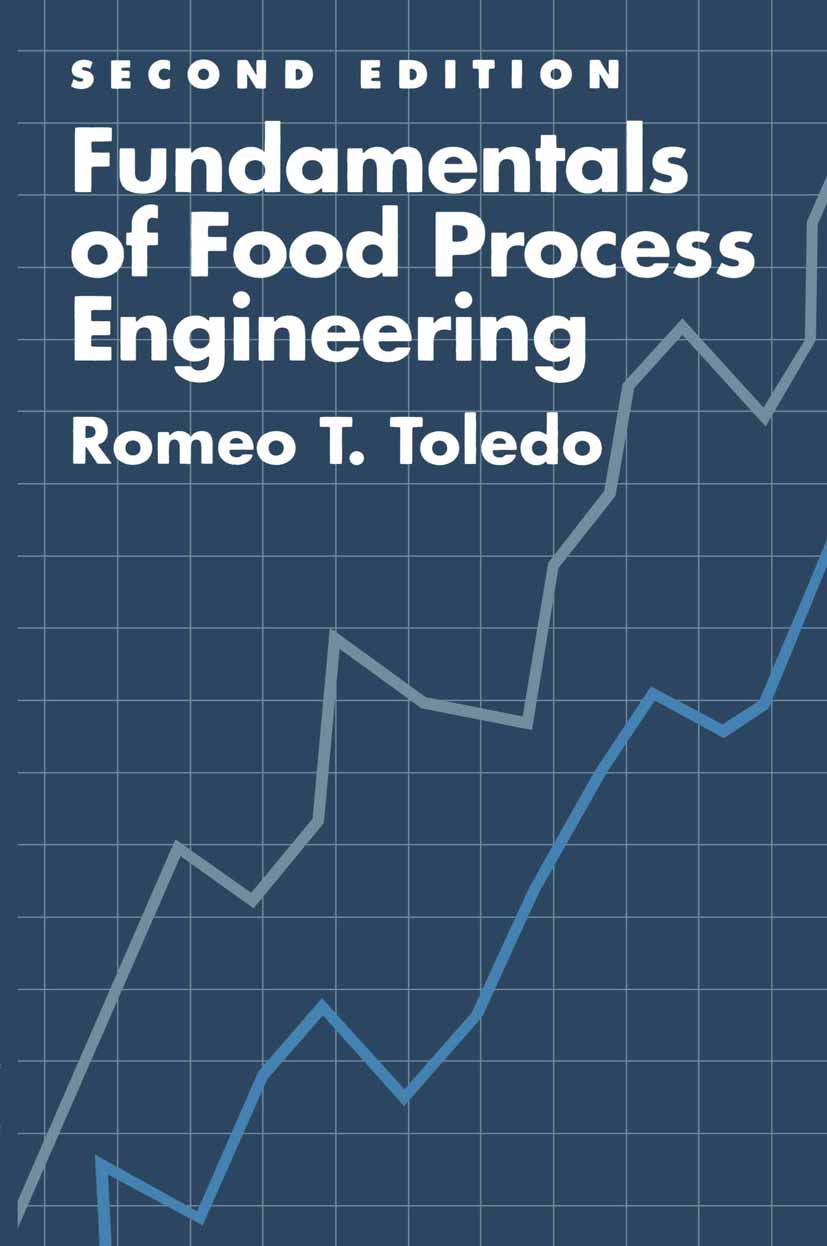
Fundamentals of Food Process Engineering Ten years after the publication of the first edition of Fundamentals of Food Process Engineering, there have been significant changes in both food science education and the food industry itself. Students now in the food science curric ulum are generally better prepared mathematically than their counterparts two decades ago. The food science curriculum in most schools in the United States has split into science and business options, with students in the science option following the Institute of Food Technologists' minimum requirements. The minimum requirements include the food engineering course, thus students en rolled in food engineering are generally better than average, and can be chal lenged with more rigor in the course material. The food industry itself has changed. Traditionally, the food industry has been primarily involved in the canning and freezing of agricultural commodi ties, and a company's operations generally remain within a single commodity. Now, the industry is becoming more diversified, with many companies involved in operations involving more than one type of commodity. A number of for mulated food products are now made where the commodity connection becomes obscure. The ability to solve problems is a valued asset in a technologist, and often, solving problems involves nothing more than applying principles learned in other areas to the problem at hand. A principle that may have been commonly used with one commodity may also be applied to another commodity to produce unique products. TECHNOLOGY & ENGINEERING,Food Science,General

Principles and Applications of Modified Atmosphere Packaging of Foods Modified atmosphere packaging (MAP) has proved to be one of the most significant and innovative growth areas in retail food packaging of the past two decades. Bulk modified atmosphere packs have been an accepted form of packaging for meat and poultry in the USA since the early 1970s, but MAP is only now of being widely adopted. Today there is a substantial wholesale on the verge market for bulk packaged fresh vegetables and fruit, and the most significant retail MAP products are fresh pasta, pre-cooked poultry and sausage, and biscuits (a unique American product). The United Kingdom is the biggest single market for the modified atmosphere packaging of fresh chilled food products, accounting for about half of the total European market. A further quarter is represented by France. The success of MAP in both the British and French markets can be attributed to the large, highly sophisticated food retailing multiples and dense populations existing in both countries. TECHNOLOGY & ENGINEERING,Food Science,General

Food Process Monitoring Systems The manufacture of foods and beverages is a highly competitive, interna tionalindustry, and the range ofproducts is becomingincreasingly diverse. Manufacturers are required to produce quality foods with the highest possible efficiency and lowest possible cost, and international legislation is imposingstrict controls on food safety. Process control is the essential link between quality, safety and cost. Radical changes in the technology of manufacturing bring with them new requirements for monitoring (and ultimately controlling) increasingly complex parameters. The aim of this book is to review the latest developments in monitoring systems, particu larly those suitable for the rapid sensing of composition, structure or microbial status. The emphasis is on 'up and coming' methods that have been proven in the laboratory or in other industrial environments, and offer potential in the food sector. As such, it is hoped that this book will increase the general awareness ofwhat new systems have to offer, and will act as a catalyst in the technology transfer process. The book features chapters on automated machine vision, fluorescence cytometry, infrared spectroscopy, light scattering spectroscopy, ultra sound, mass spectrometry, and chemical and biological sensors. In all cases, the basic approach is to describe the underlying principles, and then to consider the implementation of a particular technique. Examples are given of the practical application to specific problems in the food industry. TECHNOLOGY & ENGINEERING,Food Science,General

Taste Chemistry The object ofthis text is to examine, and elaborate on the meaning of the established premise that 'taste is a chemical sense.' In particular, the major effort is directed toward the degree to which chemical principles apply to phenomena associated with the inductive (recognition) phase of taste. A second objective is to describe the structure and properties of compounds with varying taste that allow decisions to be made with respect to the probable nature of the recognition chemistry for the different tastes, and the probable nature of the receptor(s) for those tastes. A final objective is to include appropriate interdisciplinary observations that have application to solving problems related to the chemical nature of taste. Taste is the most easily accessible chemical structure-biological activity relationship, and taste chemistry studies, i.e. the chemistry of sweetness, saltiness, sourness, and bitterness, have application to general biology, physiology, and pharmacology. Because it involves sensory perception, taste is also of interest to psychologists, and has application to the food and agricultural industries. The largest portion of the text is directed toward sweetness as, due to economic and other factors, the majority of the scientific studies are concerned with sweetness. The text begins with a prologue to describe the problems associated with the study of taste chemistry. Then, there is an introductory chapter to serve as an overview of the general interdisciplinary knowledge of the subject. It is followed by a chapter on the fundamental chemical principles that apply to taste induction chemistry. TECHNOLOGY & ENGINEERING,Food Science,General
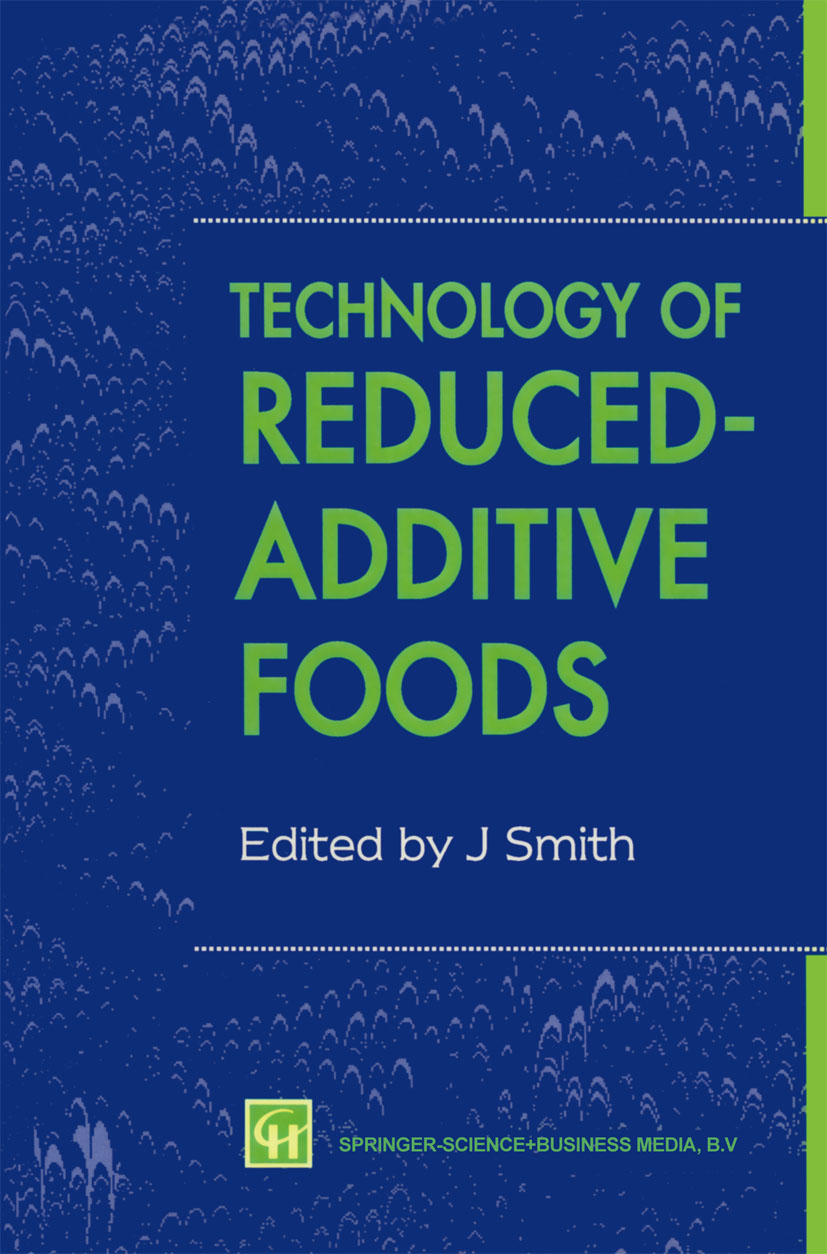
Technology of Reduced-Additive Foods The food industry for many years reacted to consumer demand for more appealing and convenient food products by using additives. More recently the demands of consumers have grown to include still higher performance products but with less additives. The industry has responded accordingly. There are often significant scientific and technical obstacles to be overcome to make a product with less additives. It is these technical challenges that this book is intended to address. The approach taken in this book is to examine specific aspects of the industry where important contributions are being made to avoid or reduce additive use or to create new, natural and more acceptable additives which can replace the old ones. There is a tremendous amount of work underway in this field and to cover it comprehensively would fill many volumes. This volume addresses the areas where there has been a considerable amount of recent activity and published results. Chapter 1 covers starter cultures in dairy products, meat products and bread. The author is Professor Gunnar Mogensen, the Director of Research and Development for Chr. Hansen's Laboratorium, the fore most suppliers of starter cultures in the world. He examines developments in starter culture technology and illustrates ways in which starter cultures are replacing traditional additives in foods. TECHNOLOGY & ENGINEERING,Food Science,General
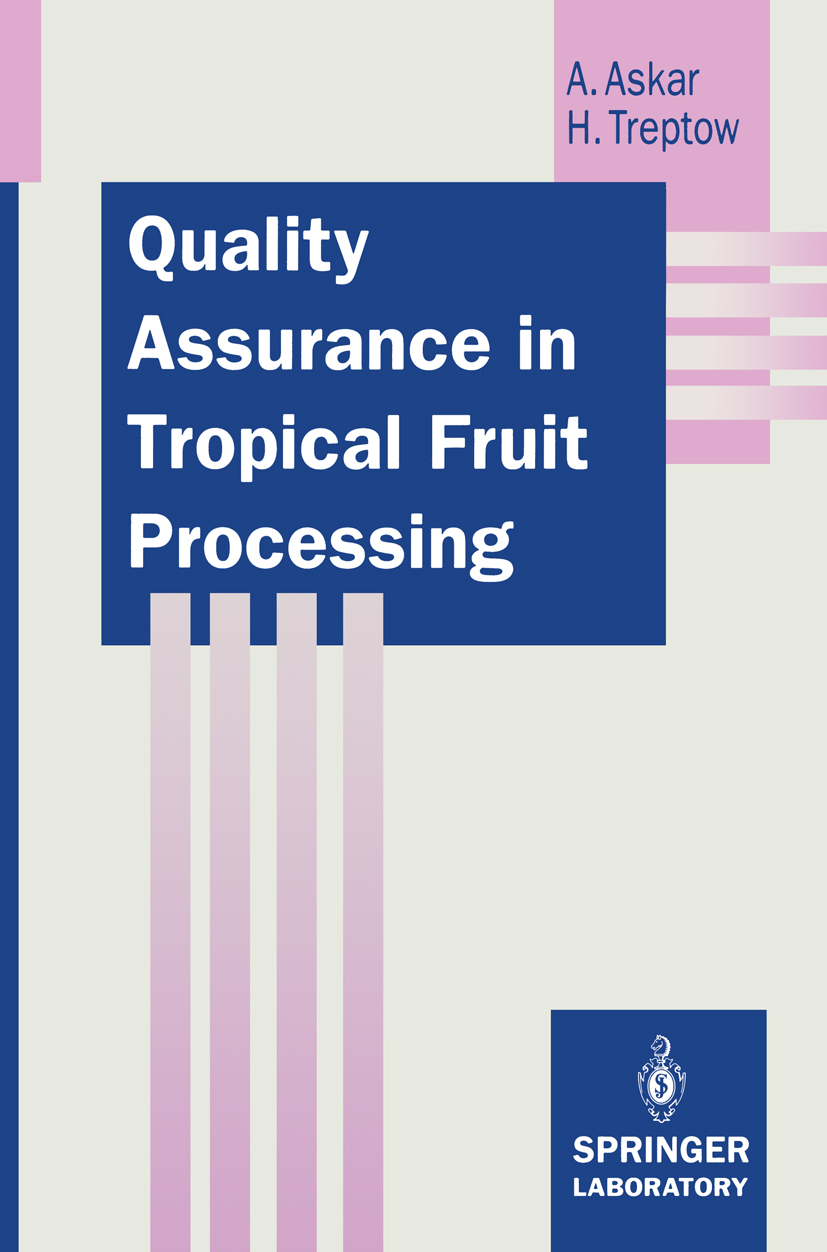
Quality Assurance in Tropical Fruit Processing Tropical and subtropical countries have become well aware of the fact, that they must make better use of their fruits. In spite of the favourable climatic conditions for the production of varieties of delicious fruits in such countries, continuously high tempemtures shorten the shelf-life of most fruits and fruit products. A tropical climate provides ideal conditions for mpid growth of spoilage microorganisms and for chemical reactions. Most of such reactions in fruits and fruit products are deteriomtive in nature causing high respiration rates, texture softening and spoilage of fruit. This causes loss of colour, flavour and vitamins, and browning of fruit products. Even though a fruit product has been rendered microbiolo gically stable, these chemical reactions continue to occur in storage, and they occur much more mpidly in a tropical climate. The processing of fruits and soft drinks is a predominate food industry in tropical and subtropical countries. Some of the large companies in such industries are partly foreign owned. They seem to be efficiently operated with adequate capital, good management, and technological competence, all of which are usually imported from the parent company. However, most of small and medium companies are locally owned, and are deficient in technology and management ability. The products are generally fair. It is rare to find a trained quality assurance manager in these companies. Processing of good fruit products, especially for export, requires sound fruit processing lines as well as good managementthat achieves internationally accept ed standards of quality. TECHNOLOGY & ENGINEERING,Food Science,General
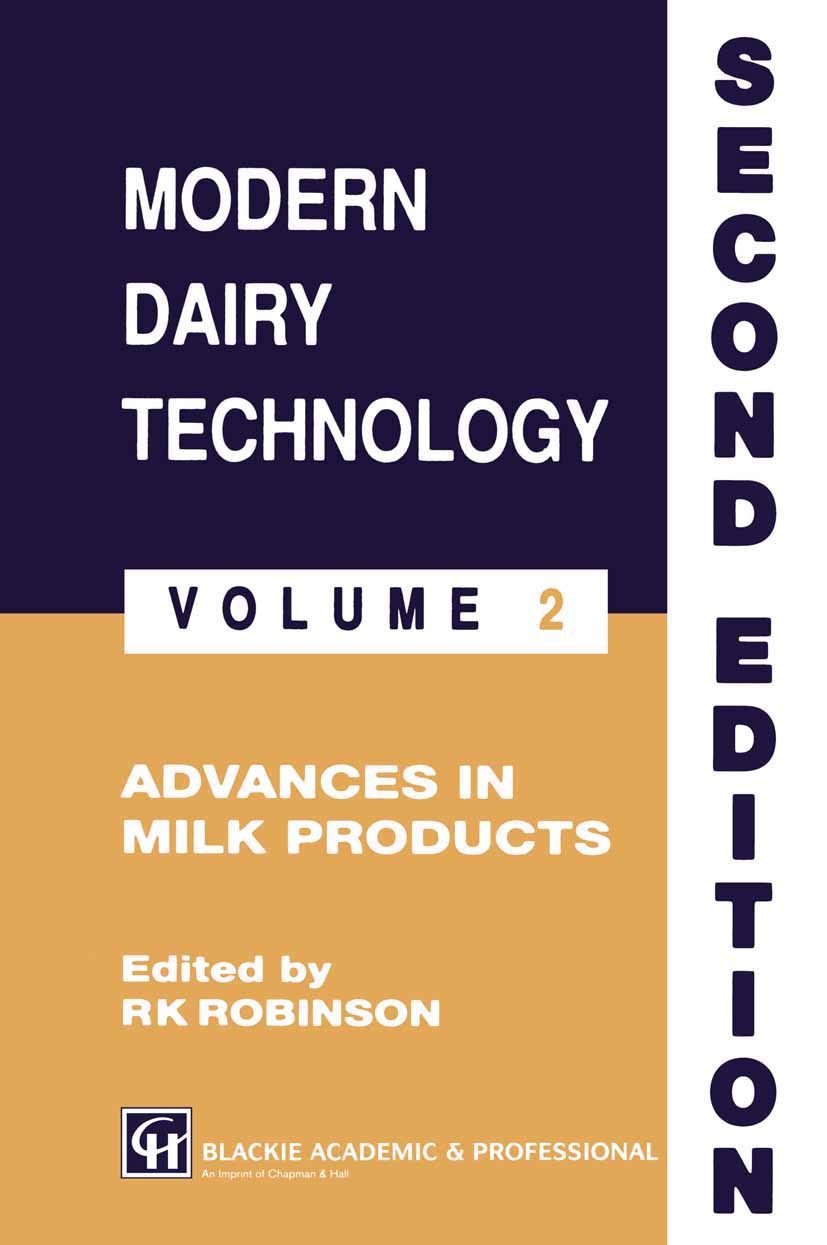
Modern Dairy Technology As with the products and processes described in Volume· I of this book, many of the technical changes associated with, for example, the manufacture of cheeses or fermented milks have been subtle rather than dramatic. Nonetheless, the importance for the dairy industry has often been profound. The market demand for dairy products containing 'health-promoting' cultures is a development that was barely discernible 10 years ago, and yet many manufacturers are now generating a whole range of bio-yoghurts and similar retail items. Similarly, the legislation covering food hygiene has been modified to place additional demands upon manufacturers, a move that has in turn encouraged the further development of analytical methods for quality controL These modifications to manufacturing practices are, along with many others, reflected in this second edition, and I acknowledge with gratitude the enthusiastic co-operation of all the authors associated with this project in bringing their disparate contributions up-to-date. R. K. ROBINSON v Preface to the First Edition Retail sales of most dairy products are still on the increase world-wide, and this expansion is, at least in part, a reflection of the fact that prices have tended to remain at a competitive level. TECHNOLOGY & ENGINEERING,Food Science,General
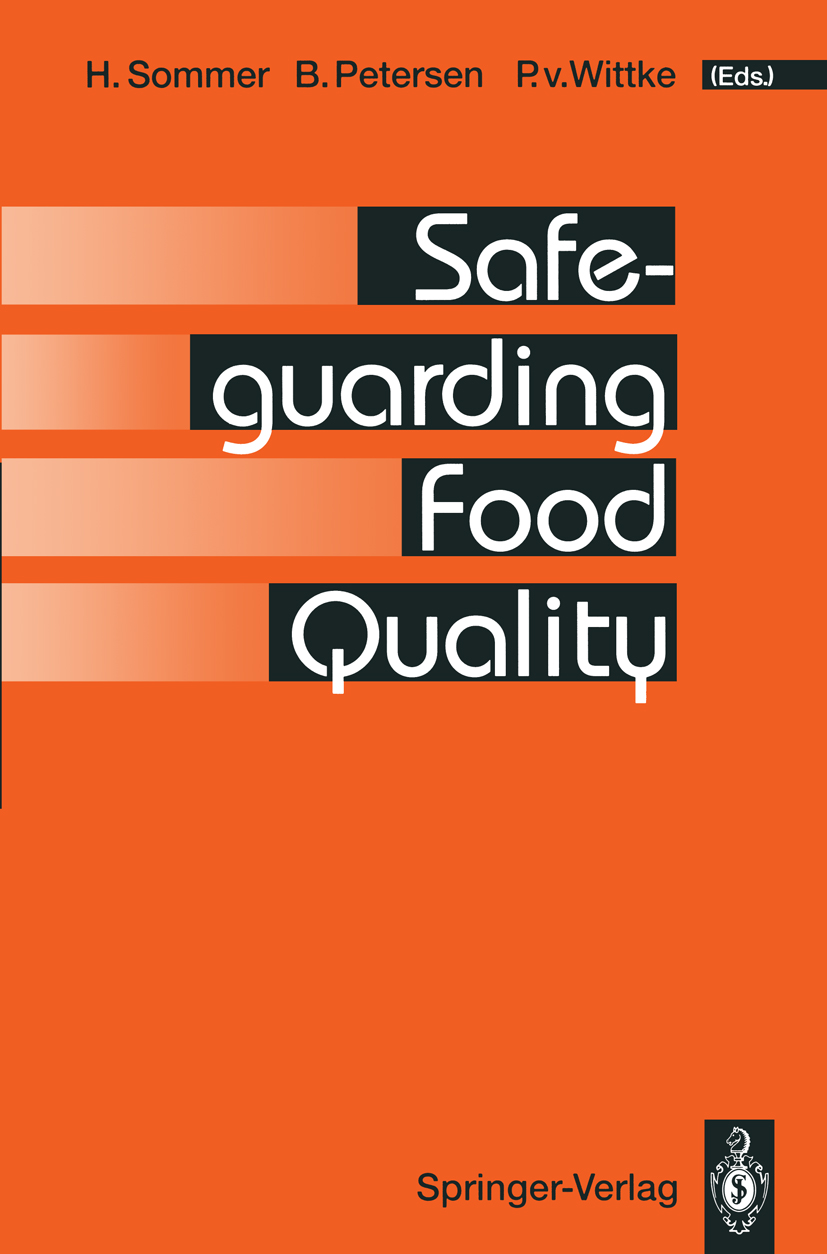
Safeguarding Food Quality The food industry is in the process of adapting itself more strongly than previously to the demands and needs for quality products. Tightening up the legal framework of conditions and the internationalization of the markets are compelling a further development of concern over quality and its purposeful application. The 13th International Conference on Biochemical Analysis organized a workshop together with the International Society of Animal Clinical Biochemistry (ISACB) within the framework of "Analytica 1992" in Munich to come to grips with this complex of problems. This workshop should reinforce the awareness and motivation for the new responsibilities of analytical chemistry and contribute to the integration of biochemical methods as part of a comprehensive quality control concept in the production of foodstuffs of animal origin. These methods include preventive medical checkups on the living animal, the monitoring of deleterious factors in its environment, as well as analysis of residues in its feed and the actual food. The aim of this workshop was: - to intensify the dialogue between applied research, development, and utiliza tion, - to demonstrate the new opportunities that analytical chemistry has to offer and to prepare the way for their introduction, - to show new methods, concepts, and prototypal developments - to draw conclusions from trends and tendencies, as well as future requirements. TECHNOLOGY & ENGINEERING,Food Science,General

Food Industries Manual It is a pleasure to be involved in yet another edition the enforcement system and its officers, and the of the Food Industries Manual, and to know that the appearance of many more consultants, advisors and training specialists all claiming to assist manu book remains in sufficiently high demand for a new edition to be necessary. The work of revision and facturers in the discharge of what are described as updating has been rewarding to us and we hope that new and onerous duties. In reaction to all this, food the result will be found at least equally helpful to manufacturers are learning so to order their opera those who use it. tions that their reliability and their commitment to In the five years since the last edition the growth quality and good workmanship can be routinely of the chilled foods sector, in both quantity and demonstrated. The touchstone of this has become quality-with much more refrigeration available accreditation of the manufacturer's systems by an and in use, with close control of refrigeration tem independent authority, for instance that they peratures, storage times, storage temperatures, conform with the International Standard for tra?Sport conditions and display conditions, and Quality Systems, ISO 9000, or its British Standard with better information on labels and elsewhere equivalent, BS 5750. These and related matters are about shelf life and the handling of products-has dealt with in another new Chapter, on Food Issues. TECHNOLOGY & ENGINEERING,Food Science,General
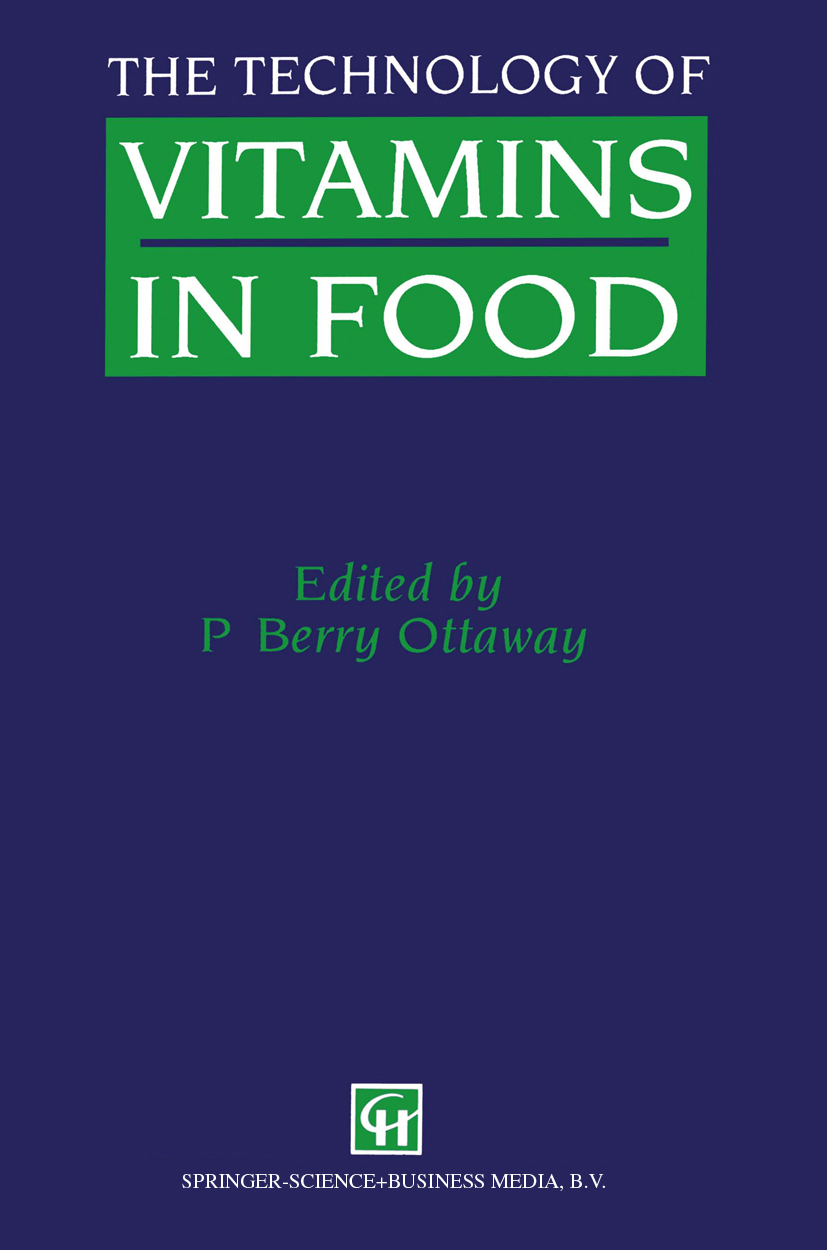
The Technology of Vitamins in Food 1 Biological functions of vitamins.- 1.1 Introduction.- 1.2 Retinol (vitamin A) and the provitamin carotenoids.- 1.3 Vitamin D.- 1.4 Vitamin E (tocopherol).- 1.5 Vitamin K.- 1.6 Thiamin.- 1.7 Riboflavin.- 1.8 Pyridoxin.- 1.9 Niacin.- 1.10 Vitamin B12.- 1.11 Folates.- 1.12 Pantothenic acid.- 1.13 Biotin.- 1.14 Taurine and choline.- 1.15 Carnitine.- 1.16 Ascorbic acid.- 1.17 Other organic trace constituents of food.- 1.18 Vitamins and ‘free radical’ damage.- Further reading.- 2 Natural occurrence of vitamins in food.- 2.1 Fat soluble vitamins and carotenoids.- 2.1.1 Vitamin A and the carotenoids.- 2.1.2 Determination of vitamin A in foods.- 2.1.3 Natural sources of retinoids and carotenoids.- 2.1.4 Vitamin D.- 2.1.5 Vitamin E.- 2.1.6 Vitamin K.- 2.2 Water soluble vitamins.- 2.2.1 Thiamin.- 2.2.2 Riboflavin.- 2.2.3 Niacin.- 2.2.4 Vitamin B6.- 2.2.5 Vitamin B12.- 2.2.6 Pantothenic acid.- 2.2.7 Biotin.- 2.2.8 Folic acid.- 2.2.9 Vitamin C.- References.- 3 Nutritional aspects of vitamins.- 3.1 Vitamin deficiency diseases.- 3.1.1 Introduction.- 3.1.2 Fat soluble vitamins.- 3.1.3 Water soluble vitamins: the vitamin B-complex.- 3.1.4 Water soluble vitamins: vitamin C.- 3.2 Recommended daily allowances.- 3.2.1 Introduction.- 3.2.2 International concepts of the function of RDAs/RDIs.- 3.3 Safety.- 3.3.1 Introduction.- 3.3.2 Issues.- 3.3.3 Attitudes.- 3.3.4 Need.- 3.3.5 Adventitious acquisition.- 3.3.6 Safety and RDAs (DRVs).- 3.3.7 Need and consumption.- 3.3.8 Possible guidelines for safety.- References.- 4 Industrial production.- 4.1 Introduction.- 4.1.1 History.- 4.1.2 Current situation.- 4.1.3 Future production.- 4.2 Vitamin production.- 4.2.1 Vitamin A.- 4.2.2 Provitamin A: ß-carotene.- 4.2.3 Vitamin B1: thiamine.- 4.2.4 Vitamin B2: riboflavin.- 4.2.5 Niacin.- 4.2.6 Pantothenic acid.- 4.2.7 Vitamin B6: pyridoxine.- 4.2.8 Folic acid.- 4.2.9 Vitamin B12.- 4.2.10 Vitamin C.- 4.2.11 Vitamin D.- 4.2.12 Vitamin E: ?-tocopherols.- 4.2.13 Vitamin F group.- 4.2.14 Biotin (vitamin H).- 4.2.15 Vitamin K.- References.- 5 Stability of vitamins in food.- 5.1 Introduction.- 5.2 Fat soluble vitamins.- 5.2.1 Vitamin A.- 5.2.2 Vitamin E.- 5.2.3 Vitamin D.- 5.2.4 Vitamin K.- 5.2.5 ?-carotene (provitamin A).- 5.3 Water soluble vitamins.- 5.3.1 Thiamin (vitamin B1).- 5.3.2 Riboflavin (vitamin B2).- 5.3.3 Niacin.- 5.3.4 Pantothenic acid.- 5.3.5 Folic acid.- 5.3.6 Pyridoxine (vitamin B6).- 5.3.7 Vitamin B12.- 5.3.8 Biotin.- 5.3.9 Vitamin C.- 5.4 Vitamin—vitamin interactions.- 5.4.1 Ascorbic acid—folic acid.- 5.4.2 Ascorbic acid—vitamin B12.- 5.4.3 Thiamin—folic acid.- 5.4.4 Thiamin—vitamin B12.- 5.4.5 Riboflavin—thiamin.- 5.4.6 Riboflavin—folic acid.- 5.4.7 Riboflavin—ascorbic acid.- 5.4.8 Other interactions.- 5.5 Processing losses.- 5.5.1 Vegetables and fruits.- 5.5.2 Meat.- 5.5.3 Milk.- 5.6 Irradiation.- 5.7 Food product shelf life.- 5.8 Protection of vitamins.- References.- 6 Vitamin fortification of foods (specific applications).- 6.1 Addition of vitamins to foods.- 6.1.1 Introduction.- 6.2 Beverages.- 6.2.1 Vitiminisation of instant beverages.- 6.2.2 Vitiminisation of concentrates, nectars and juice drinks.- 6.2.3 Vitamin stability.- 6.2.4 Vitamin incorporation.- 6.3 Cereal products.- 6.3.1 Breakfast cereals.- 6.3.2 Bread.- 6.3.3 Pasta.- 6.4 Dairy products.- 6.4.1 Milk.- 6.4.2 Yoghurt.- 6.4.3 Ice cream.- 6.4.4 Margarine.- 6.5 Confectionery.- 6.5.1 Hard boiled candies.- 6.5.2 Chocolate.- 6.5.3 Fondant.- 6.5.4 Marshmallows.- 6.5.5 Pectin jellies.- 6.5.6 Starchjellies.- 6.5.7 Chewing gum.- References.- 7 Vitamins as food additives.- 7.1 Ascorbic acid (vitamin C).- 7.1.1 Properties.- 7.1.2 Fruit, vegetables and fruit juices.- 7.1.3 Soft drinks.- 7.1.4 Beer.- 7.1.5 Wine.- 7.1.6 Flour and bread.- 7.1.7 Pasta.- 7.1.8 Meat processing.- 7.2 Carotenoids (provitamins A).- 7.2.1 Properties.- 7.2.2 Fat based foods.- 7.2.3 Water based foods.- 7.3 Riboflavin (vitamin B2).- 7.4 Niacin.- 7.5 dl-?-tocopherol (vitamin E).- 7.5.1 Oils and fats.- References.- 8 Vitamin analysis in foods.- 8.1 Introduction.- 8.1.1 Laboratory environment.- 8.2 Oil soluble vitamins.- 8.2.1 Vitamin D.- 8.2.2 Vitamin A.- 8.2.3 Provitamin A carotenoids.- 8.2.4 Vitamin E.- 8.3 The B-group vitamins.- 8.3.1 Microbiological assays.- 8.3.2 Thiamin—vitamin B1.- 8.3.3 Riboflavin—vitamin B2.- 8.3.4 Niacin.- 8.3.5 Vitamin B6.- 8.3.6 Folates.- 8.3.7 Vitamin B12.- 8.3.8 Pantothenic acid.- 8.3.9 Biotin.- 8.4 Vitamin C.- 8.4.1 Introduction.- 8.4.2 Extraction of vitamin C.- 8.4.3 Determination of vitamin C.- 8.4.4 Summary.- References.- 9 Food fortification.- 9.1 General policies for nutrient additions.- 9.2 Legislation concerning addition of nutrients to foods.- 9.2.1 Food for special dietary uses.- 9.2.2 Foods having lost nutrients during manufacture.- 9.2.3 Food resembling a common food.- 9.2.4 Staple foods.- 9.3 Claims for nutrients and labelling of fortified foods.- 9.4 Restrictive regulations and policies on health claims.- 9.5 The stability of vitamins.- 9 TECHNOLOGY & ENGINEERING,Food Science,General
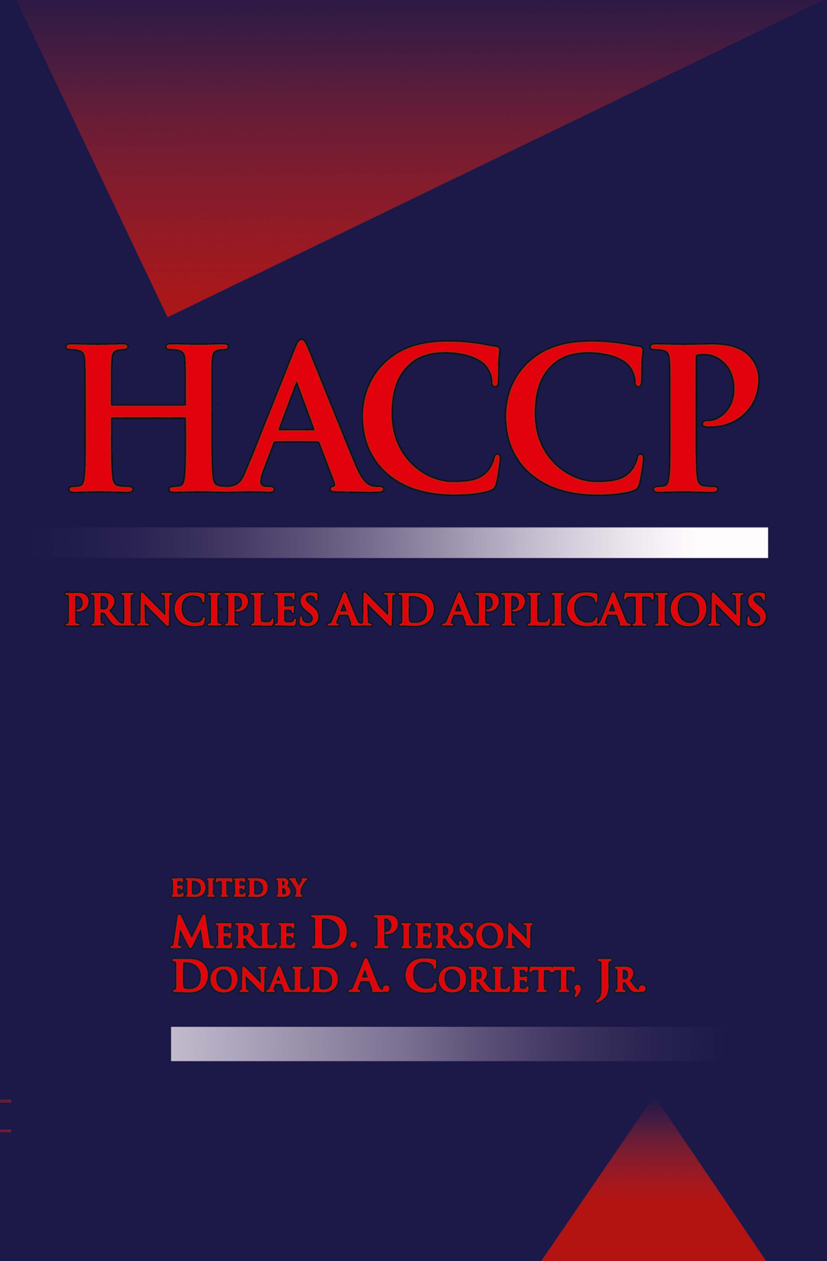
HACCP The Institute of Food Technologists (1FT) sponsors each year a two-day short course that covers a topic of major importance to the food industry. "Hazard Analysis and Critical Control Points" was the title for the short course which was held May 31-June 1, 1991, immediately prior to the 51st Annual 1FT Meeting. These short courses have been published as a proceedings in previous years; however, the current and future importance of the Hazard Analysis and Critical Control Point (HACCP) system prompted publication of the 1991 short course as a book. This book is designed to serve as a reference on the principles and application of HACCP for those in quality control/assurance, technical man agement, education and related areas who are responsible for food safety man agement. The National Advisory Committee on Microbiological Criteria for Foods (NACMCF) published in November 1989 a pamphlet titled "HACCP Principles for Food Production" (Appendix A). This document dealt with HACCP as applied to the microbiological safety of foods; however, the principles can be modified to apply to chemical, physical and other hazards in foods. The principles rec ommended by the NACMCF have been widely recognized and adopted by the food industry and regulatory agencies. Implementation of these principles pro vides a proactive, preventive system for managing food safety. HACCP should be applied at all stages of the food system, from production to consumption. TECHNOLOGY & ENGINEERING,Food Science,General

Immunoassays for Food-poisoning Bacteria and Bacterial Toxins Consumer safety has become a central issue of the food supply system in most countries. It encompasses a large number of interacting scientific and tech nological matters, such as agricultural practice, microbiology, chemistry, food technology, processing, handling and packaging. The techniques used in understanding and controlling contaminants and toxicity range from the most sophisticated scientific laboratory methods, through industrial engineering science to simple logical rules implemented in the kitchen. The problems of food safety, however, spread far beyond those directly occupied in food production. Public interest and concern has become acute in recent years, alerting a wide spectrum of specialists in research, education and public affairs. This series aims to present timely volumes covering all aspects of the subject. They will be up-to-date, specialist reviews written by acknowledged experts in their fields of research to express each author's own viewpoint. The readership is intended to be wide and international, and the style to be comprehensible to non-specialists, albeit professionals. The series will be of interest to food scientists and technologists working in industry, universities, polytechnics and government institutes; legislators and regulators concerned with the food supply; and specialists in agriculture, engineering, health care and consumer affairs. One of the most difficult situations to control is the contamination of food by small numbers of pathogenic micro-organisms before they multiply to give the large populations causing food poisoning when eaten. TECHNOLOGY & ENGINEERING,Food Science,General
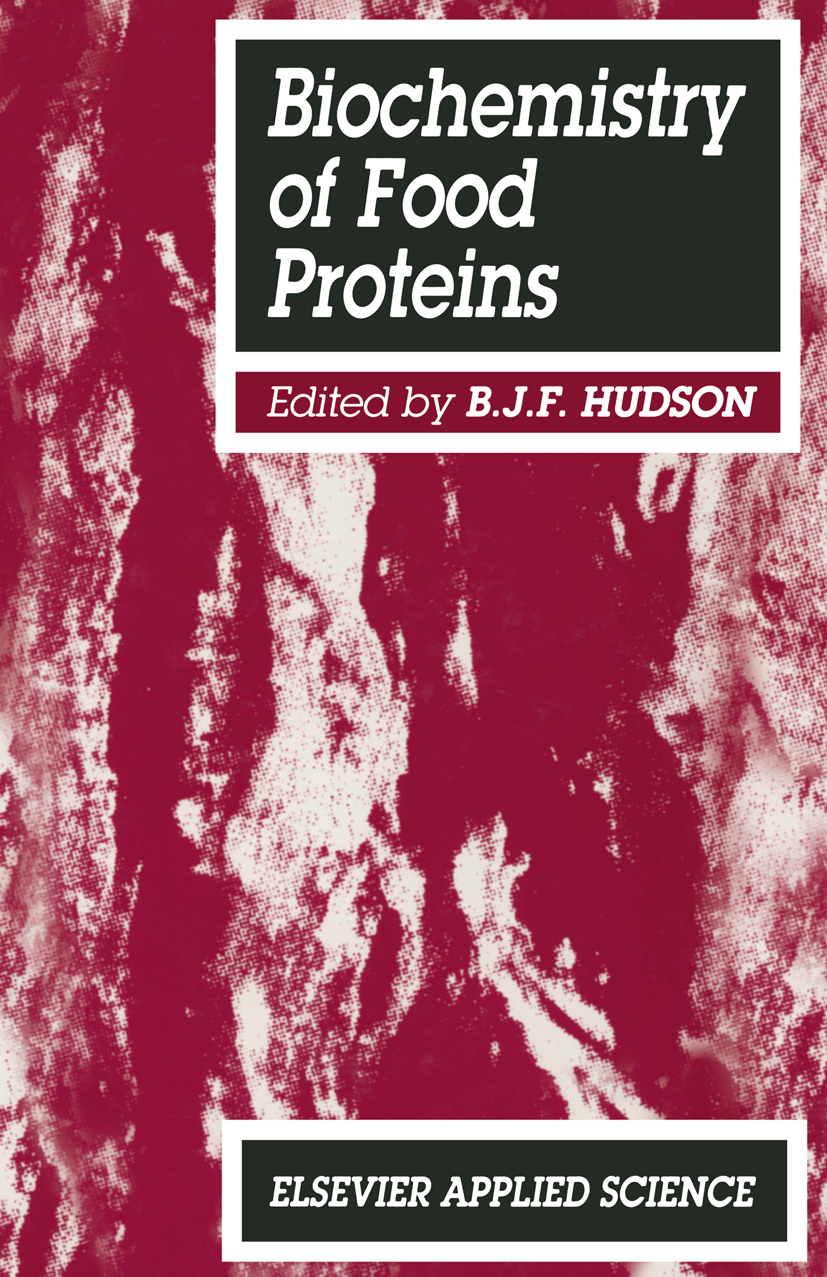
Biochemistry of food proteins Developments in the understanding of food protein structure, behaviour and applications continue apace. Many of these have, in the past decade, been reported and evaluated in the series 'Developments in Food Pro teins' , comprising seven volumes, with a total of 55 chapters. The time has now come to re-assess many of the topics reviewed in that series and to add certain others. However, instead of assembling, some what at random, food protein topics from quite disparate fields in indi vidual volumes, we have decided to bring together homogeneous groups of topics, each representing a specific sector of the subject. Under the general theme of 'Progress in Food Proteins' the first of these groups covers 'Biochemistry' . Readers will note that, though six of the topics reviewed in this volume are new, five of them have already featured in 'Developments in Food Proteins'. These last are in active research fields in which new develop ments have been of special significance. In this sense, therefore, they are welcome updates. TECHNOLOGY & ENGINEERING,Food Science,General

Food Composition Data About twenty years ago, there was a recognition in Europe that real benefits would flow from coordinating the manner in which food composition tables were produced in the various countries of Europe. Subsequent development of computerised nutritional data bases has further highlighted the potential advantages of working together. Such cooperation could lead to improved quality and compatibility of the various European nutrient data bases and the values within them. This realisation was one of the driving forces behind the development of the Eurofoods initiative in the 1980's when those people in Europe interested in data on food composition began working together. This initiative received further impetus with the establishment of the Eurofoods-Enfant Concerted Action Project within the framework of the FLAIR (Food-Linked Agro-Industrial Research) Programme of the Commission of the European Communities. It was quickly recognised that the draft guidelines for the production, management and use of food composition data which had been prepared under the aegis of INFOODS (International Network of Food Data Systems, a project of the United Nations University), would be especially applicable to the objectives of the Concerted Action. The guidelines have been written by two recognised experts. Many people associated with FLAIR Eurofoods-Enfant have added constructive criticism and advice to that offered previously by those associated with INFOODS. Thus the guidelines are backed by a consensus in the community of those responsible for the production and use of food composition tables and nutrient data bases. TECHNOLOGY & ENGINEERING,Food Science,General
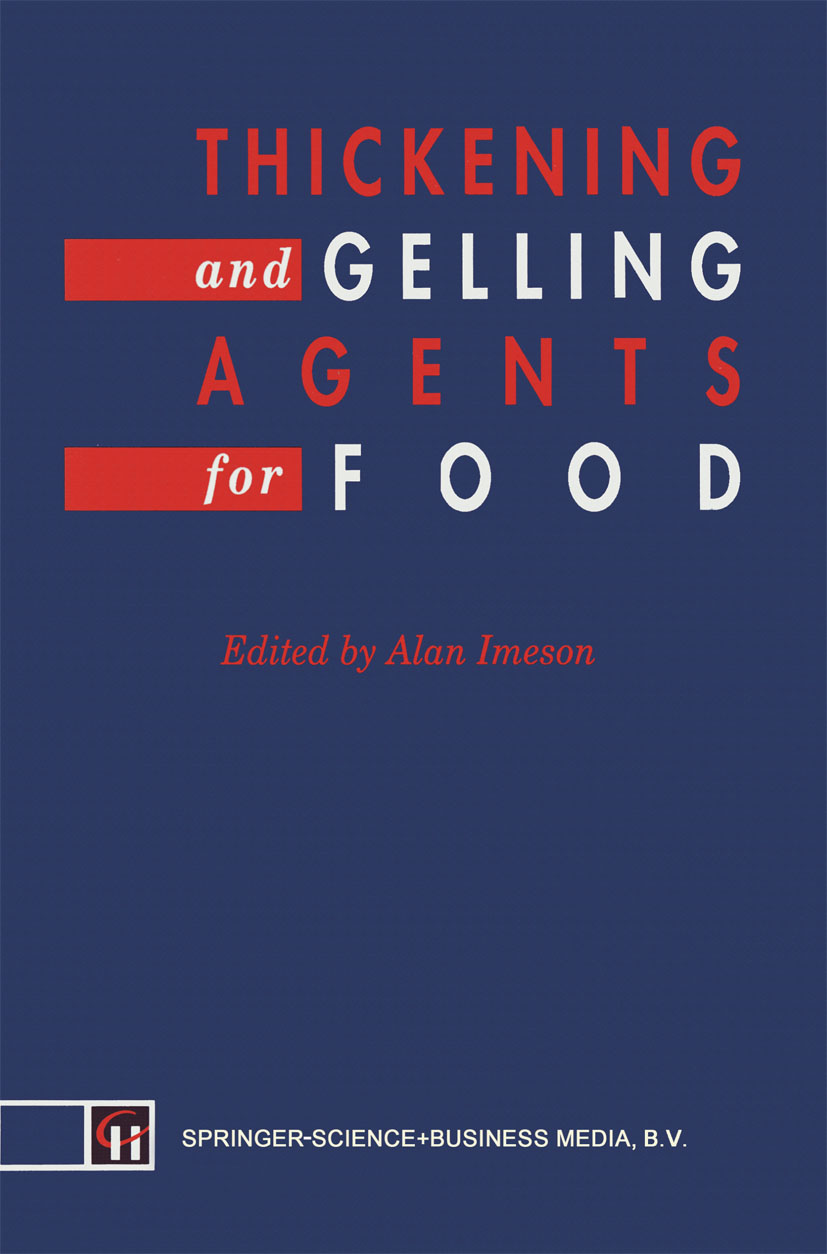
Thickening and Gelling Agents for Food Thickening and gelling agents are invaluable for providing high quality foods with consistent properties, shelf stability and good consumer appeal and acceptance. Modern lifestyles and consumer demands are expected to increase the requirements for these products. Traditionally, starch and gelatin have been used to provide the desired textural properties in foods. Large-scale processing technology places greater demands on the thickeners and gelling agents employed. Modified starches and specific qualities of gelatin are required, together with exudate and seed gums, seaweed extracts and, most recently, microbial polysaccharides, to improve product mouthfeel properties, handling, and stability characteristics. These hydrocolloids have been established as valuable food additives as a result of extensive practical experience with different products. Nevertheless, the last few years have produced much additional research data from sophisticated new analytical methods. Information on the fine structure of these complex molecules has given a tremendous insight into the three-dimensional conformation of hydro colloids and their behaviour in solution. Critical components within the biopolymer have been identified which provide particular thickening, suspending, stabilising, emulsifying and gelling properties. Contributions for this book have been provided by senior development managers and scientists from the major hydrocolloid suppliers in the US and Europe. The wealth of practical experience within this industry, together with chemical, structural and functional data, has been collated to provide an authoritative and balanced view of the commercially significant thickening and gelling agents in major existing and potential food applications. TECHNOLOGY & ENGINEERING,Food Science,General
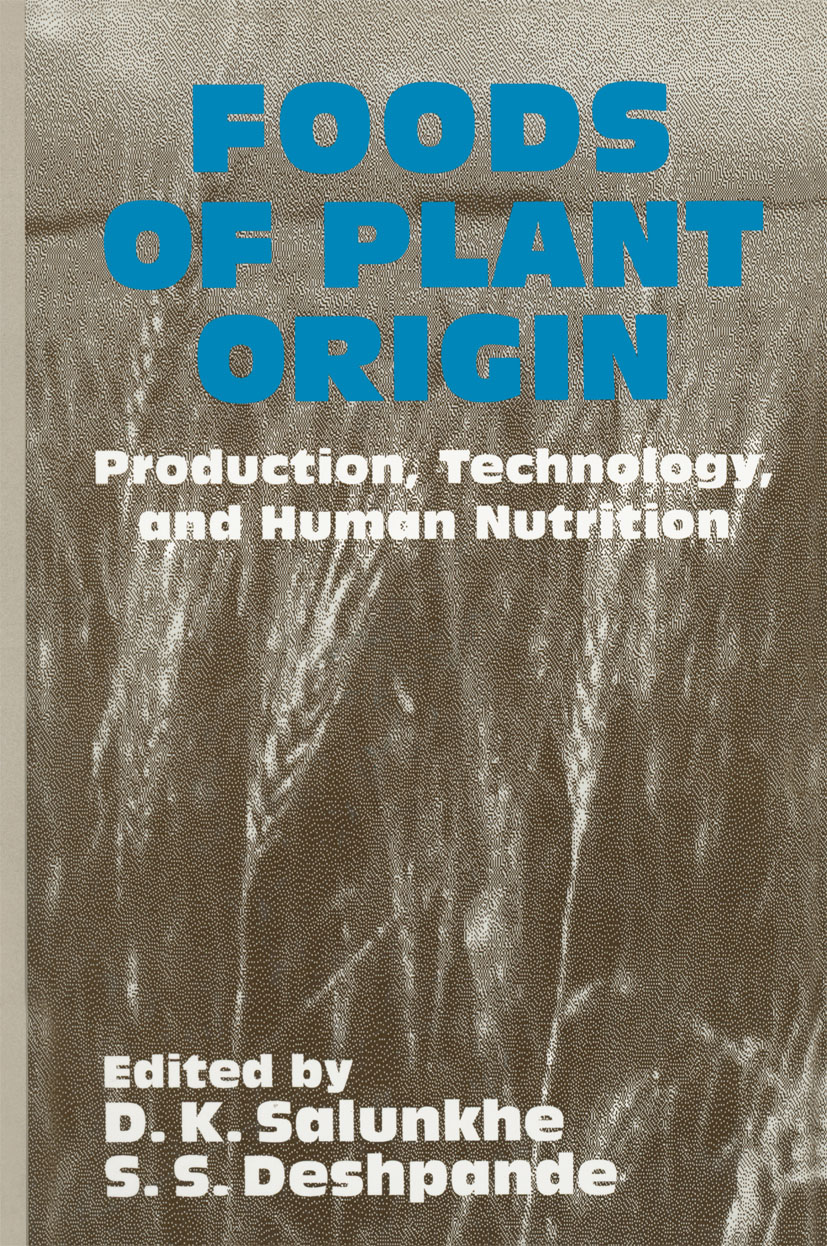
Foods of Plant Origin The present world population of about five billion and its projected growth cre ate enonnous pressures and demands for food and industrial raw materials. It is to crop plants, one of our precious few renewable resources, that we must look to meet most of these needs. Globally, about 88% of our caloric requirements and 90% of our protein ultimately derive from plant sources-ample evidence of their importance to humankind. Our survival will therefore continue to de pend on the world's largest and certainly most important industry: agriculture. Yet in spite of our long history of domestication and civilization, the number of crop species involved in sustaining human life is strictly limited: Essentially, some twenty-four crops protect us from starvation. To know these basic food crop plants-to study how they function and how their productivity may be improved--is the first step in solving the world food problem. The primary objectives in writing this book were to address this chal lenge and to review comprehensively the wealth of available yet scattered infor mation on food crop productivity and processing. Unlike several other texts and monographs in this field, the present work was intended to give, in a single volume, a quick, infonnative view of the various problems from field to table concerning the major food crops worldwide. TECHNOLOGY & ENGINEERING,Food Science,General
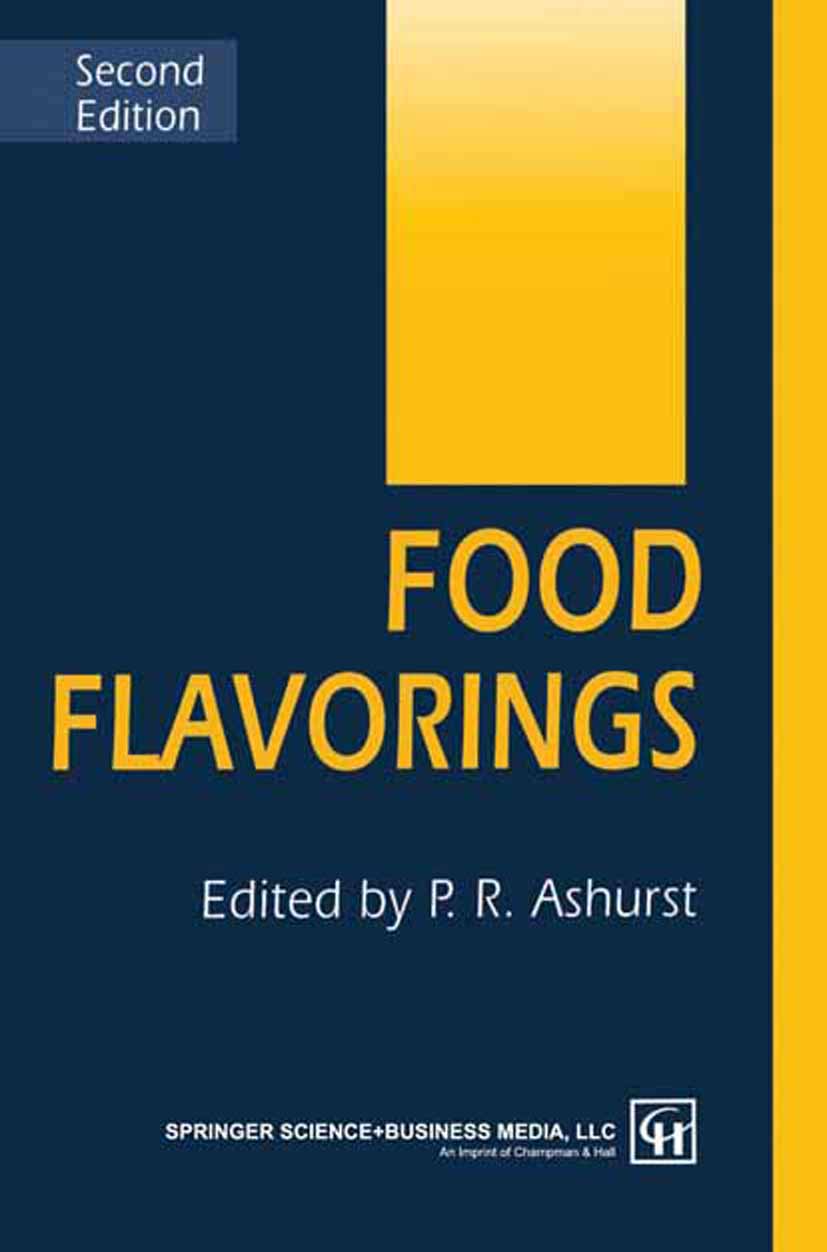
Food Flavorings The need for a further edition of a book is gratifying for contributors and editor alike. When faced with the corresponding challenge to identify what has changed in one sector of a particular industry, however, initial enthusiasm frequently declines. Nowhere is this more evident than in this book on food flavourings, because the industry still remains the tantalising blend of art, science and technology that was alluded to in the first edition. Instrumentation and analytical skills can now identify flavour components down to nanogram and picogram concentrations and yet the skilled flavourist is often still able to defeat this scientific ability. Many parts of the food industry, and in particular the more traditional outlets such as baking and confectionery, use flavours and methods of application that have changed little in fifty years. At the other end of the spectrum, advanced synthetic chemistry methods and computer-controlled natural product processes can give the flavour industry a greater selection of higher quality materials than ever before. The industry itself has, in recent years, undergone many commercial changes, and in the U.K. some manufacturers' names known for a century or more have disappeared to become part of larger corporate entities. Flavours are for the first time controlled, albeit in a small way, by statute based on a European Directive. TECHNOLOGY & ENGINEERING,Food Science,General
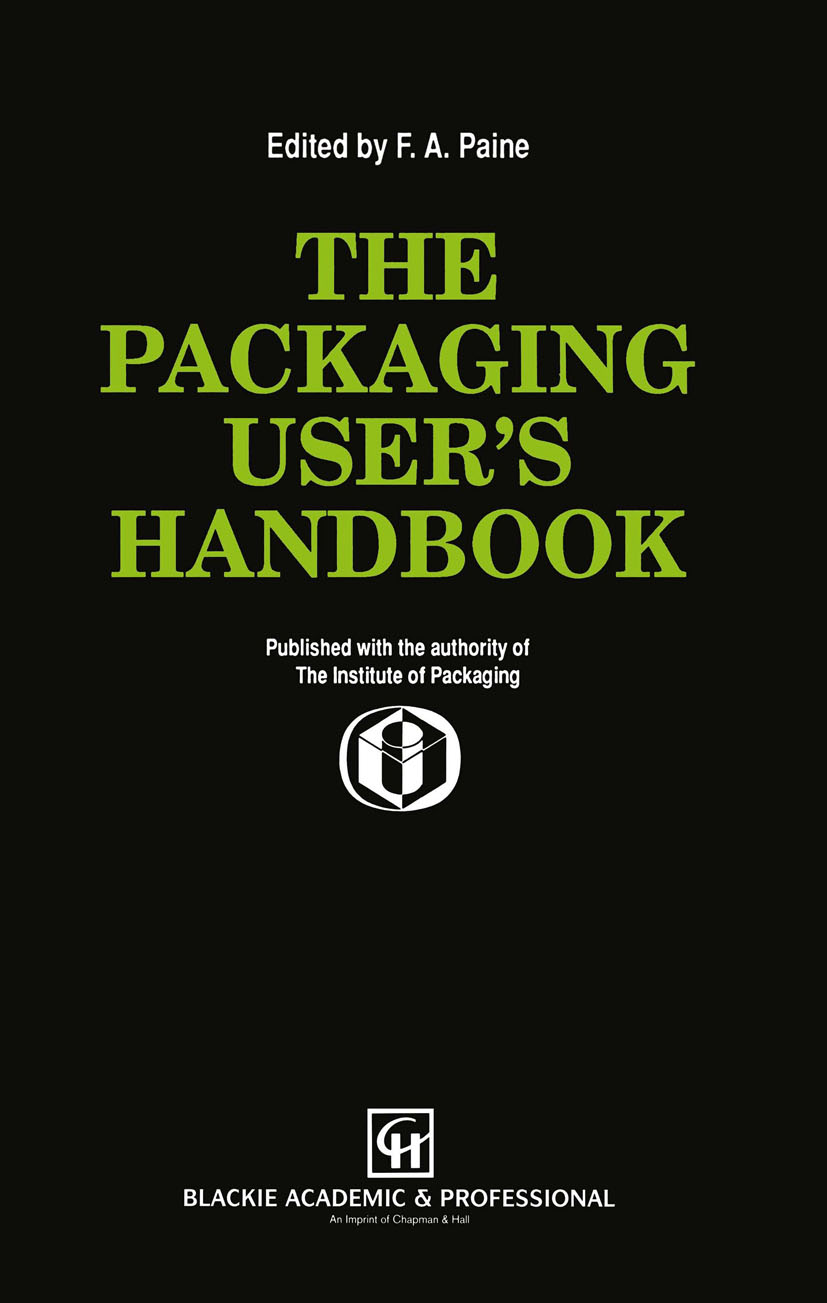
The Packaging User’s Handbook The first version of this book, Packaging Materials and Containers was published in 1967 and was revised extensively ten years later under the title The Packaging Media. Some thirty or so authors were involved in producing the initial texts for these books, and I must acknowledge their material, much of which is still valid. It is now thirteen years since The Packaging Media-high time to take stock and incorporate the considerable advances in materials, forms, techniques and machinery that have taken place. In 1977, wherever possible, we asked the original authors to carry out the revisions, but retirements and job changes have now eliminated over twenty of the original authors. We have therefore appointed an Editorial Board to advise on this more extensive revision, and I wish to thank them for their detailed and helpful assistance: Dr C. J. Mackson and Professor Y. Dagel for general comments and guidance on the overall plan and, in particular, the Introduction (chapter 1); Graham Gordon and Harri Mostyn for assistance with much of Part D on Distribution Packages, and Dennis Hine and Susan Selke for their work in respect of paperboard and plastics retail packaging, respectively. A major contribution was made by the seventh member of the Editorial Board, David Osborne, who advised in the area of glass. TECHNOLOGY & ENGINEERING,Food Science,General
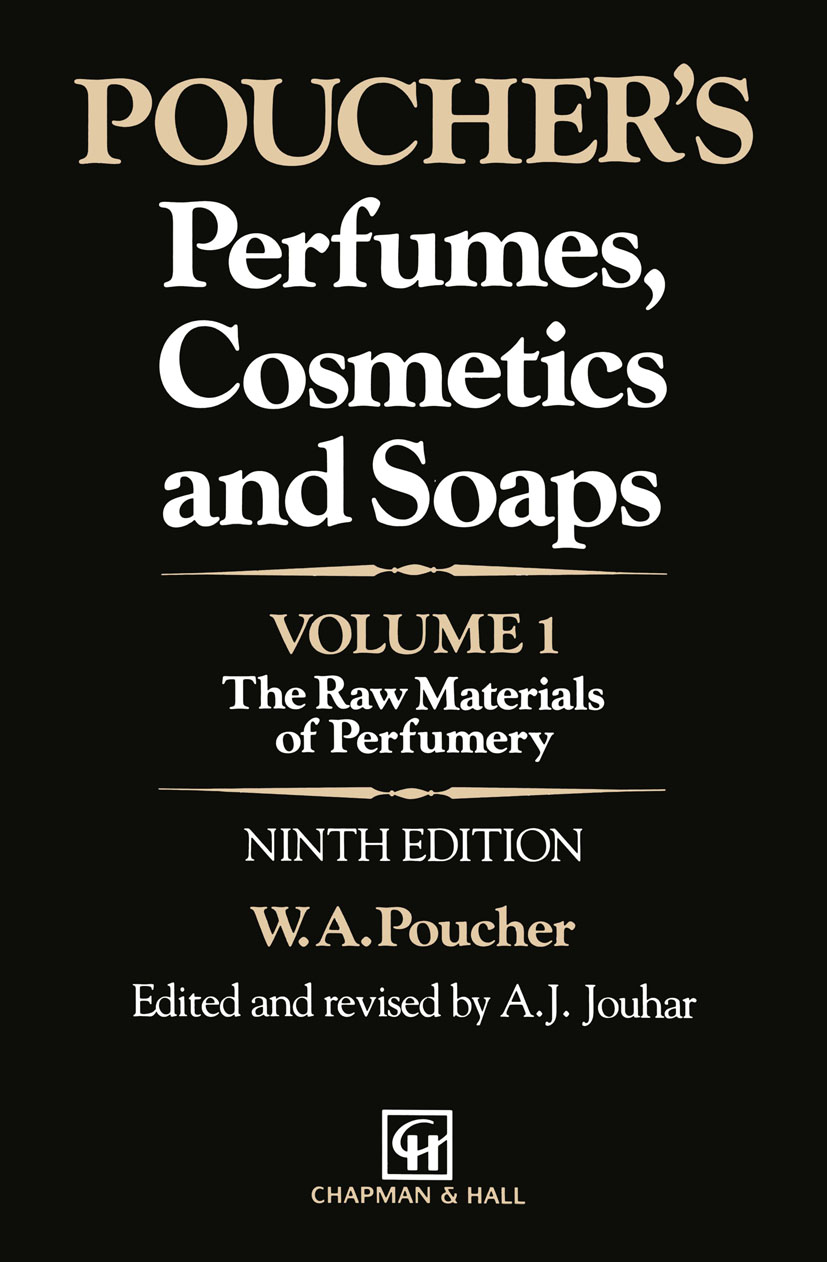
Poucher’s Perfumes, Cosmetics and Soaps This classic work by Poucher, first published in 1923, was last produced in three volumes titled, respectively The Raw Materials of Perfumery (seventh edition, 1974), The Production, Manufacture and Application of Perfumes (eighth edition, 1974) and Modern Cosmetics (eighth edition, 1974). Its popularity is well demonstrated by there having been three reprints of these editions in 1976, 1979 and 1984, respectively. The history of events can be traced by reference to the prefaces to earlier editions and those interested should study these with care since they give a fascinating insight into developments in the subject fields covered by Poucher's Perfumes, Cosmetics and Soaps over the years. It is not proposed to provide a resume here. In this Volume I, the current edition attempts to provide data about raw materials in a more formalized way than before, so that not only the history of some compounds can be checked, but also so that useful reference information can be obtained. It is particularly relevant to do this, since it is not always easy to be certain of nomenclature. Moreover, as we move towards 'ingredient labelling' (a trend not welcomed by some), a high level of uniformity will be needed. Whether this will come from adoption of CTFA terminology, use of CAS numbers or some other system is not clear. Where possible, such data have been included so that readers may identify materials more readily. Where given, CAS numbers are located in the top right-hand corner of each entry. TECHNOLOGY & ENGINEERING,Food Science,General

Flexible Food Packaging Packaging is an essential feature of modern life. The science and art of packaging is so vast that no single book or even a multivolume work could hope to cover the entire scope of topics, from Artwork to Zipper. This volume has selected some of the most commonly raised questions in the field of flexible packaging of food. No claim is made for comprehensive coverage of the field-nor even for an in-depth exploration of a limited number of topics. The novice should find sufficient material here to gain a broad understanding of flexible packaging. The expert's knowledge may be enriched by the case studies and the additional reading lists. The first topic covered is "Who needs packaging?" We conclude that everyone depends on packaging. Western civilization as we know it today would cease without modern packaging. The advantages of controlled atmosphere (CA) or modified atmosphere packaging (MAP are reviewed, especially as they apply to the preservation of meat cheese and produce. The need for a moisture and oxygen barrier is analyzed, and materials that provide these properties are presented. The legal aspects of packaging are confronted-including FDA and USDA oversight, EPA and toxic waste disposal, bar codes, and nutritional labeling. Machinery-especially form-fill-seal (ffs)-is covered in detail, and the influence of the computer on the modern packaging operation is discussed. TECHNOLOGY & ENGINEERING,Food Science,General
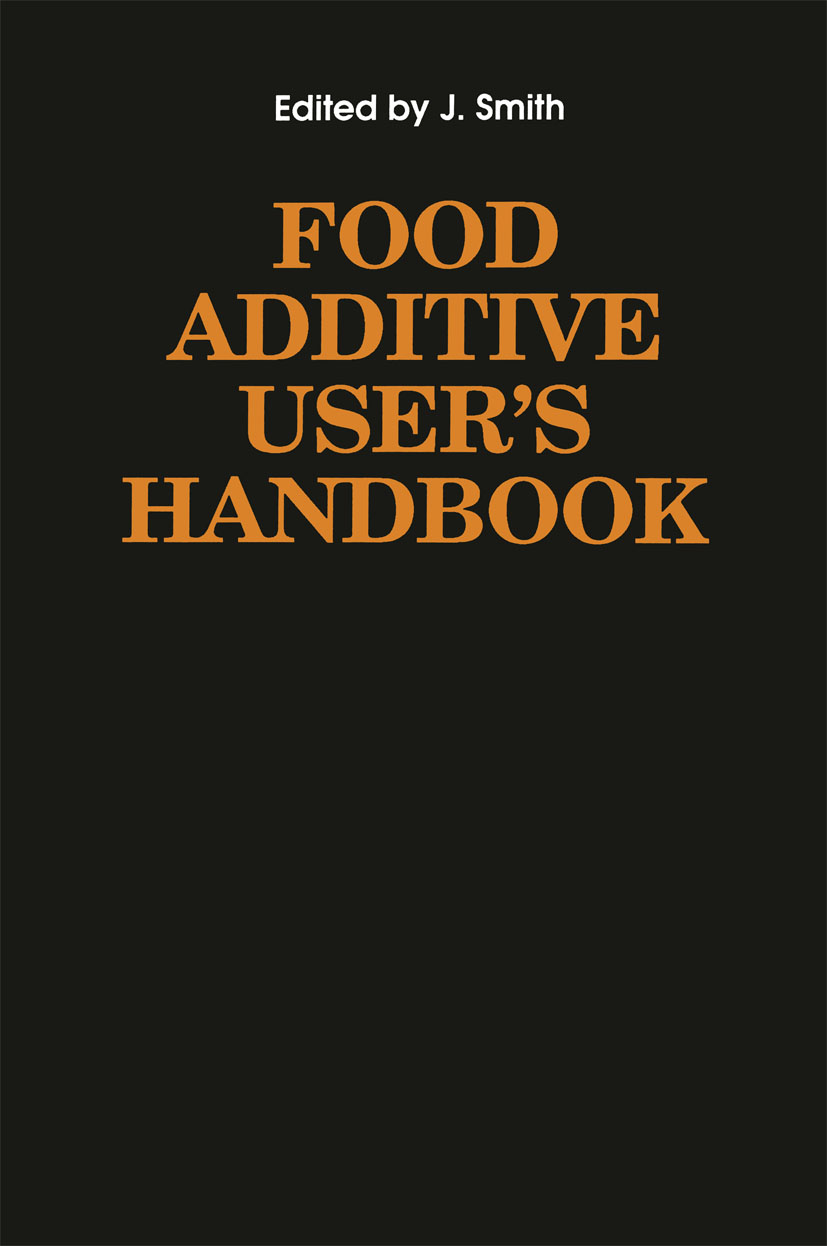
Food Additive User’s Handbook The aim of this book is to present technical information about the additives used in food product development, in a concise form. Food product development is an activity which requires application of technical skills and the use of a diverse range of information. Normally this information is scattered throughout the vast food science literature in journals and books and in technical publications from the various suppliers. It has been my experience, through consulting with the food industry, that there is a need for information on food additives in a quick-to-use form-in tables and figures where possible. Time wasted during information retrieval causes delay in practical development work, which results in delay of product launch and possibly the loss of market advantage. This handbook will be used by food product development staff and by all food scientists requiring access to information on food additives in a quick-to-use format. Some knowledge of food science is assumed. Each chapter contains a bibliography which can be consulted if further informa tion is required. Local legislation will have to be consulted to determine the legality of use of the additive, in which foods and at what level of addition. Information on safety can be found in Food Additives Handbook (1989) by R. J. Lewis, published by Van Nostrand Reinhold, New York. TECHNOLOGY & ENGINEERING,Food Science,General

Food Flavourings The flavour industry has become a vital element in the growth and success of food and beverage industries worldwide. The development of many new products is now directly related to the use of the appropriate flavouring which, among other benefits, has allowed the use of many novel raw materials. The phenomenal growth of specialised consumer products offering special tastes, nutritional benefits or 'convenience' almost always directly involves the use of a bespoke flavouring. With recent growth in worldwide concern for environmental issues has come a corresponding concern for the use of 'natural' ingredients in foods. The flavour industry has been closely involved, by offering many of its products as natural alternatives, although the vexed issue of what 'natural' means has promoted discussion and debate in many quarters. The European Flavouring Directive has attempted to incorporate a definition. This is discussed further in chapter 1. The work of the flavourist remains akin to that of the perfumer, despite inroads made by sophisticated analytical technology. For example, use of linked gas chromatography-mass spectrometry (GC-MS) instrumentation enables the skilled analyst to identify most components of a competitor's flavouring or the minor ingredients of a natural extract. Despite this, the industry remains a unique blend of art, science and technology in which the experience and knowledge of the flavourist is vital. TECHNOLOGY & ENGINEERING,Food Science,General

Cellulose The monograph is written for specialists in plant physiology and biochemistry, structural chemistry of polymers, and for specialists in agriculture and in the paper und pulp industry. It is an indispensable source of information. TECHNOLOGY & ENGINEERING,Food Science,General
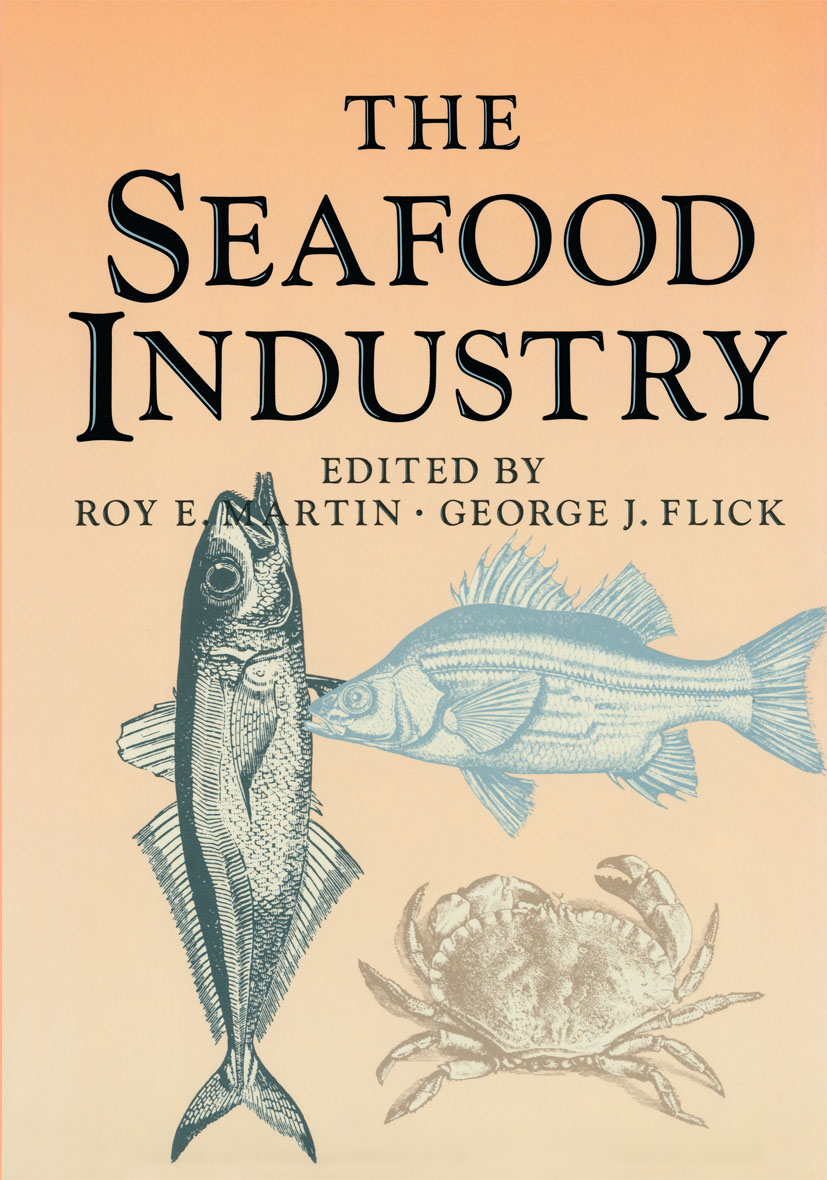
The Seafood Industry Although there are excellent books on specific aspects of the seafood industry, few, if any, offer both the breadth and depth of information that the editors and authors of The Seafood Industry provide here. The Seafood Industry is designed to cover the spectrum of seafood topics, taking the products from the water to the dinner plate and every stop in between. Information and insights into commercially important species of finfish and shell and their handling and processing are furnished. Chapters are included on fish such wide-ranging topics as retail merchandising of seafood, plant cleaning and sanitation, transportation, and product packaging. Emerging issues and interests, such as aquaculture, waste treatment, and government regulations, also are covered. The information is written so that the processor, wholesale buyer, retailer, or consumer can understand it and put it to practical application. Yet the student and the scientist can find much valuable information within the various chapters. The material included here has proven its practicality, as it is adapted from a self-study course that has been used by hundreds of people in roughly forty states and fifteen foreign countries. The editors and authors have made every effort to furnish the most up-to-date information and technologies available. However, as with any dynamic industry, change is constant. Fishery stocks ebb and flow; consumption patterns shift; new technologies are devised and implemented; and government rules and regulations are rewritten and enacted. TECHNOLOGY & ENGINEERING,Food Science,General
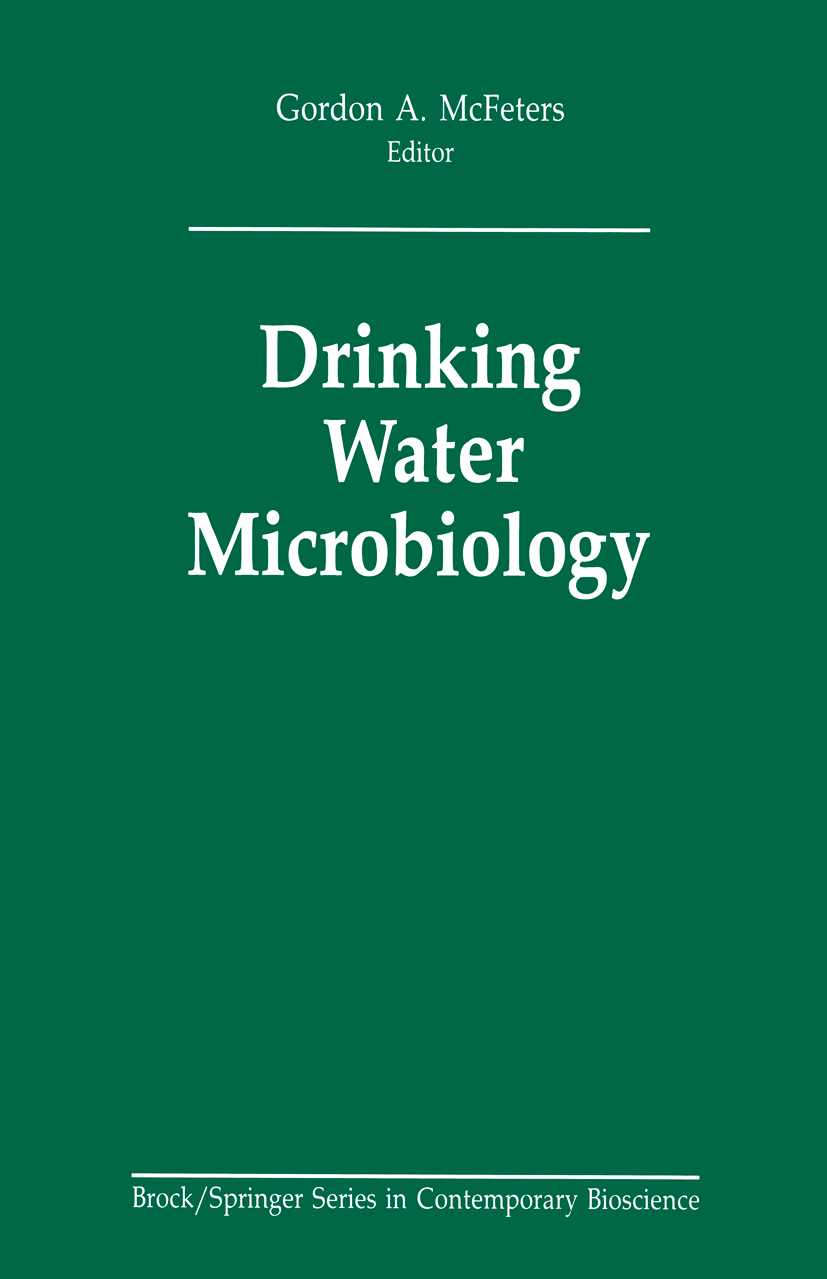
Drinking Water Microbiology The microbiology of drinking water remains an important worldwide concern despite modem progress in science and engineering. Countries that are more technologically advanced have experienced a significant reduction in water borne morbidity within the last 100 years: This reduction has been achieved through the application of effective technologies for the treatment, disinfec tion, and distribution of potable water. However, morbidity resulting from the ingestion of contaminated water persists globally, and the available ep idemiological evidence (Waterborne Diseases in the United States, G. F. Craun, ed. , 1986, CRC Press) demonstrates a dramatic increase in the number of waterborne outbreaks and individual cases within the United States since the mid-1960s. In addition, it should also be noted that the incidence of water borne outbreaks of unknown etiology and those caused by "new" pathogens, such as Campylobaeter sp. , is also increasing in the United States. Although it might be debated whether these increases are real or an artifact resulting from more efficient reporting, it is clear that waterborne morbidity cannot be ignored in the industrialized world. More significantly, it represents one of the most important causes of illness within developing countries. Approxi mately one-half the world's population experiences diseases that are the direct consequence of drinking polluted water. Such illnesses are the primary cause of infant mortality in many Third World countries. TECHNOLOGY & ENGINEERING,Food Science,General
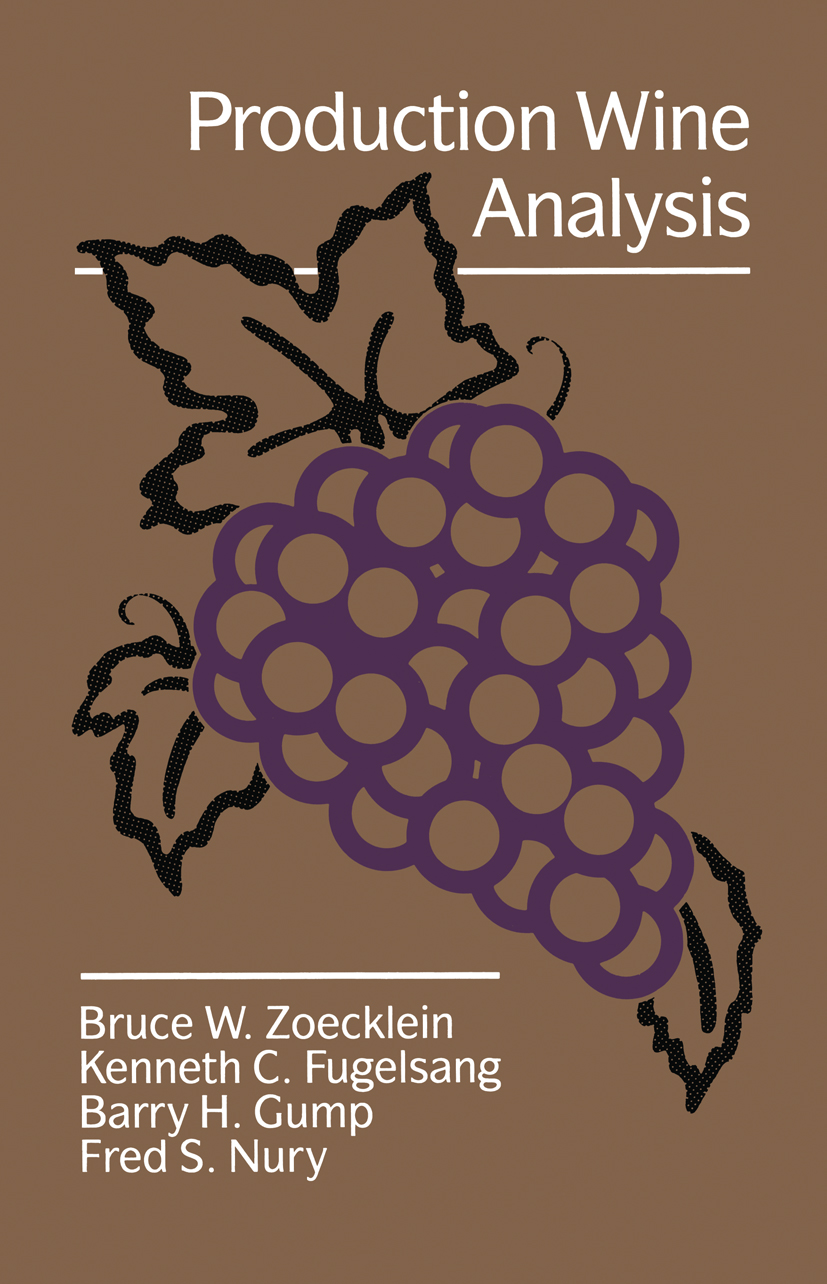
Production Wine Analysis This text is designed to acquaint the reader with the commonly used procedures of juice and wine analysis as they are generally practiced in the industry, and as they are taught in the Department of Enology at California State University, Fresno. It is assumed that the reader has a basic preparation in the fields of chemistry and microbiology. In developing material for this text, the authors have emphasized analyses as they would be carried out in a production laboratory. Realizing that different laboratories have different analytical capabilities, personnel as well as equip ment, we have in many instances provided several different approaches to the same analysis. Throughout this book we have attempted to give special attention to practical considerations and the importance of these analyses in the total spectrum of winery operations. We hope the book's format will satisfy the inter ests oflaboratory personnel as well as winemakers. The process of making wine involves a series of concerns for the winemaker and staff of a winery. The first concerns are viticultural. Upon arrival of the fruit, its quality is assessed, grapes are processed and fermentation is begun. Almost immediately, and in many instances simultaneously, chemical and microbiological stability of the young and/or aging wine become important. Finally, problems do occur on occasion, and a number of what may be consid ered remedial techniques can be employed to produce an acceptable product. TECHNOLOGY & ENGINEERING,Food Science,General

Canola and Rapeseed Canola is one of the most important oilseed crops of the world, as its production over the last 10 years has grown much faster than any other source of edible vegetable oil. The short history of the food use of canola oil in Western countries has been marked by its GRAS (generally recognized as safe) accreditation by the USFDA (United States Food and Drug Administration) in 1985. Canola Oil is perhaps the only edible vegetable oil that by today's standards is considered to be nutritionally well balanced. Furthermore, its protein meal is well balanced in its amino acid content and perhaps in the not too distant future may commercially be upgraded for human consumption. The present monograph reports the latest advancements in the production, chem istry, analyses, nutritional properties, and commercial processing of canola and rapeseed. Recent developments in the biotechnology of canoIa production and ge netic alterations and improvements of seeds, new methods of analyses, and recent studies to upgrade the canola proteins are presented in 19 chapters. Extensive bib liographies provide the reader with an in-depth and thorough review resource in re lated areas. The monograph will be of interest to advanced undergraduate and graduate stu dents as well as researchers in universities, industries, and government laboratories. Food scientists, crop and agricultural engineers, chemists and biochemists, nutri tionists, and technologists as well as plant breeders will find it a valuable resource base in the latest trends and developments in canola research. TECHNOLOGY & ENGINEERING,Food Science,General

Dietary Fiber Proceedings of the George Vahouny Fiber Conference held in Washington, DC, April 19-21, 1988 TECHNOLOGY & ENGINEERING,Food Science,General
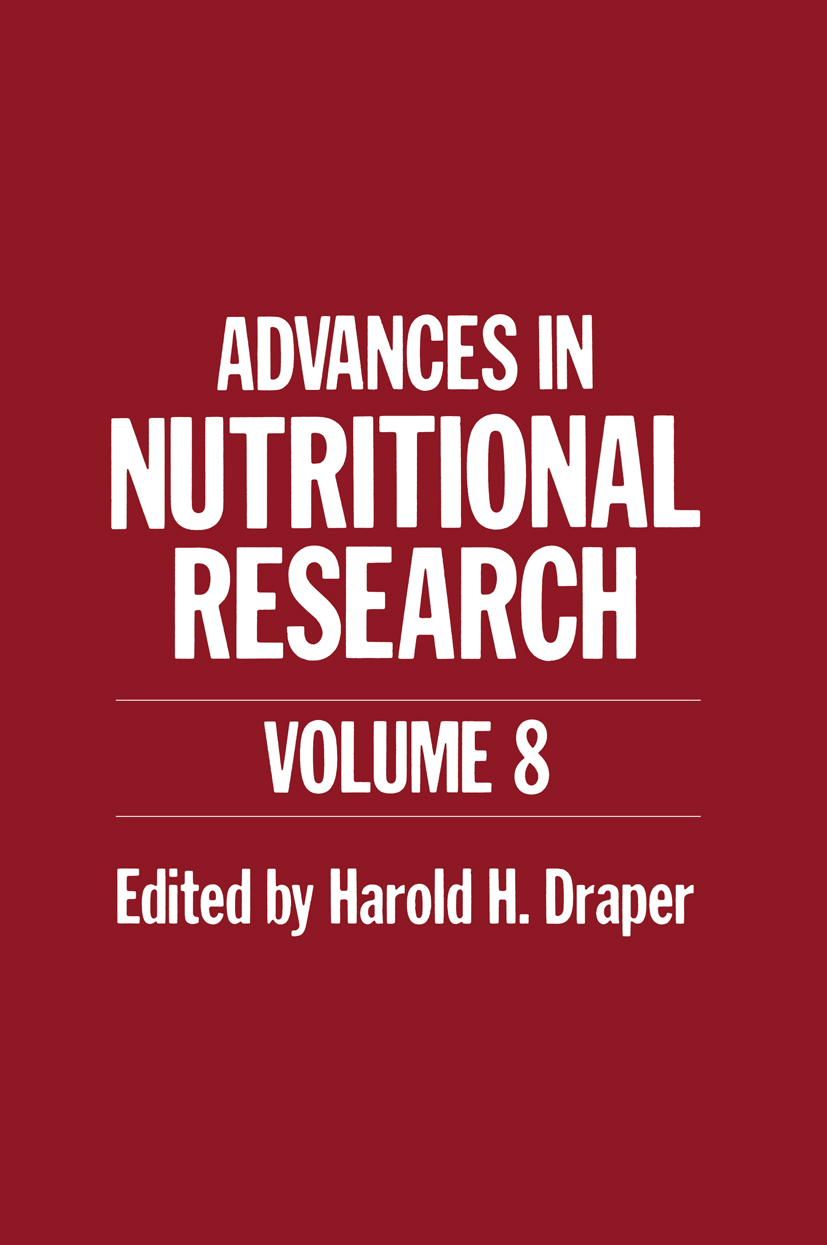
Advances in Nutritional Research Volume 8 of Advances in Nutritional Research deals with several topics of prime current interest in nutritional research, including the role of nutrition in hypertension, in the infections associated with protein-energy malnu trition, and in pathological conditions associated with the generation of oxygen radicals in the tissues, as well as with topics of ongoing interest. Recent research indicates that reduction of obesity, of alcohol intake, and of sodium intake by salt-sensitive individuals, are the most effective non pharmacological means of reducing high blood pressure. A new approach to therapy for infections caused by protein-energy malnutrition, based on restoration of immunocompetence by administration of thyroid and anti glucocorticoid hormones, is presented. Current research into the role of nutrition in modulating tissue damage caused by oxygen radicals generated in various pathologies is reviewed. Two· chapters deal with perinatal nutrition, one with the transfer of nutrients across the placenta and the other with the energy requirements of term and preterm infants. Another dicusses methods of assessing the nutritional status of hospitalized patients. vii Contents Chapter 1. The Transfer of Nutrients across the Perfused Human Placenta ................................... . Joseph Dands 1. Introduction................................. 1 2. Comments on Comparative Placentology . . . . . . . . . . .• . . 1 . 3. The Perfusion Technique . . . . . . . . . . . . . . . . . .. . . 3 . . . . 4. Review of Transfer Experiments .................... 3 4.1. Transfer of Glutamic Acid .................... 3 4.2. Transfer of Riboflavin .. . . . . . . . . . . . . . . •. . . 6 . . . 5. Potentials and Umltations . . . . . . . . . . . . . . . . . .. . 9 . . . . References . . . . . . . . . . . . . . . . . . . . . . . .. . . 10 . . . . . . TECHNOLOGY & ENGINEERING,Food Science,General
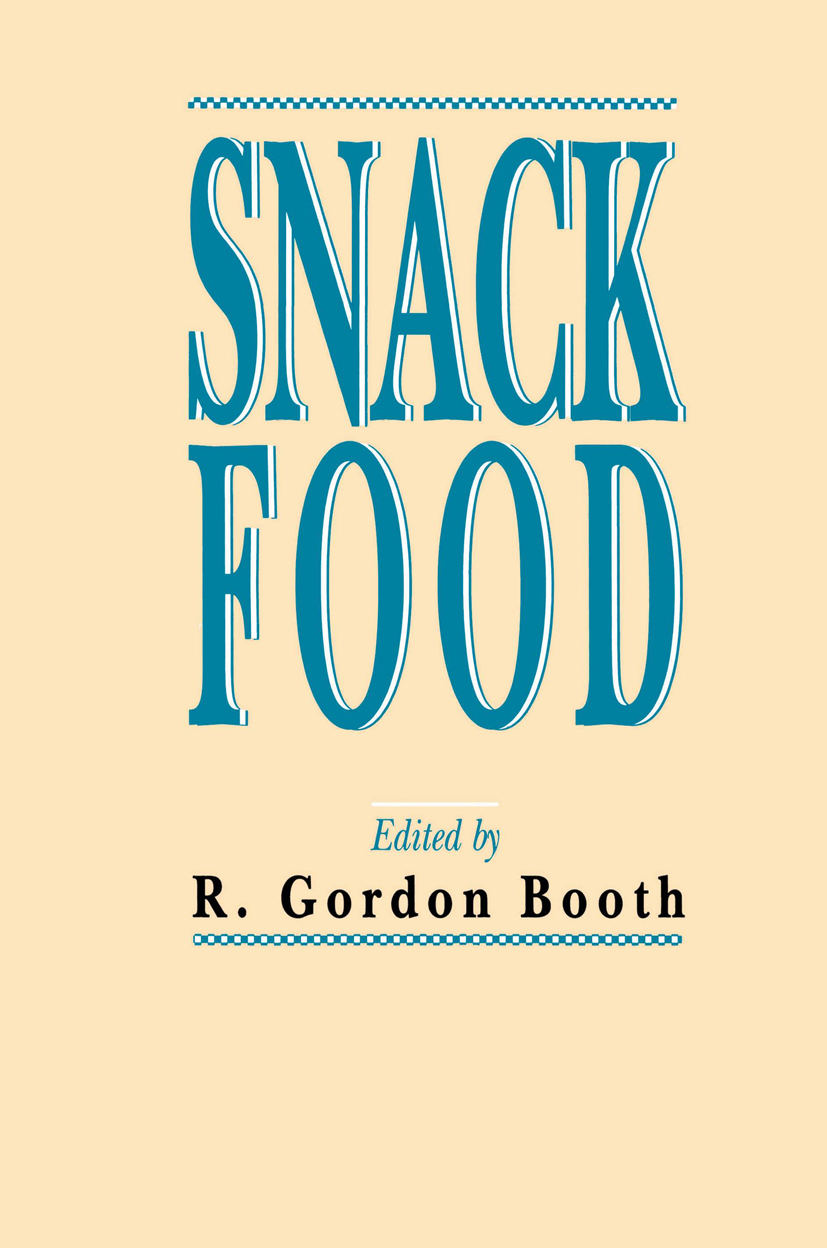
Snack Food Rather than containing for the most part fairly detailed food science and technology intended for daily use and reference by food scientists and technologists, this book is designed for use by a much wider range of readers concerned with a particular and rapidly expanding area of food production, promotion, marketing, and packaging. A certain amount of basic detail is provided to enable relatively rough estimates of the production methods and packaging facilities necessary to enable new or improved items to be made, but the overall emphasis is on the wide range of food products that can now quite legitimately be regarded as coming within the broad definition of foods used as snacks, as contrasted with main meals. Thus, we start with the basic requirements to be met in a snack food whatever its nature, and follow with the great variety of items nowadays used 3..'l snacks or as adjuvants to snacks, concluding with an assessment of nutritional consequences of the growth of "snacking" or "browsing," and with the special packaging requirements of snack foods. TECHNOLOGY & ENGINEERING,Food Science,General
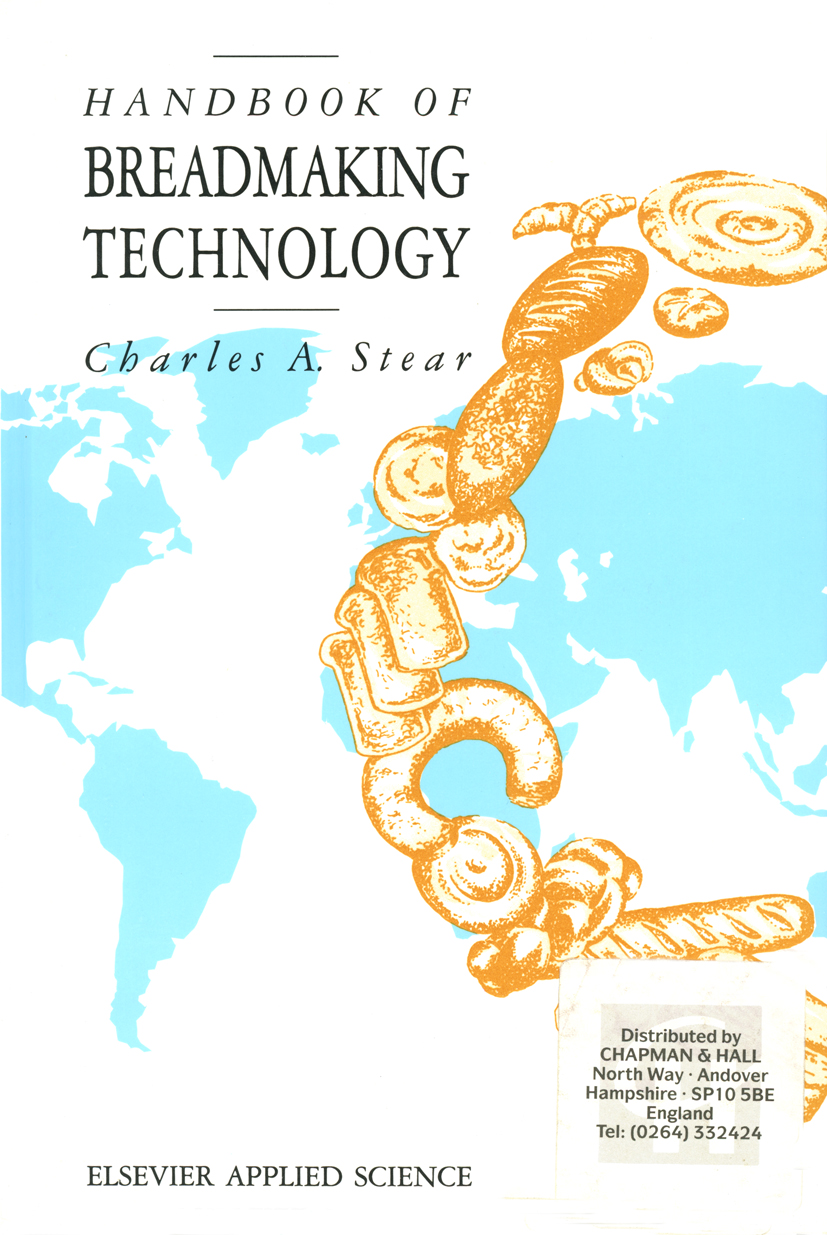
Handbook of Breadmaking Technology The author's aim in writing this book is to integrate currently available knowledge concerning the basic scientific and technological aspects of breadmaking processes with the diverse breadmaking methods used to manufacture bread in Europe and on the North American continent today. To date, the main technological advances have been in process mechanization, starting with oven development, then dough processing or make-up equipment, followed by continuous and batch mixing techniques from the 1950s to the present time. On the engineering side, universal emphasis is now being placed on the application of high technology, in the form of microprocessors, computer-controlled equipment and robotization, the long-term objective being computer integrated manufacture (CIM) with full automation within the large chain bakery groups in the capitalist countries and the state-run collectives of Eastern Europe. The application of these key technologies with biotechnology, as yet only applied to a limited degree in food manufacture, coupled with advances in biochemical and rheological understanding of dough as a biomass for breadmaking, should provide us with more expertise and ability to control the processes with greater efficiency. The application of fermentable substrates and industrial enzymes under strict kinetic control should contribute to improving the flavour characteristics of bread. Current trends towards improving the nutritional contribution of bread to the daily diet are improving the competitive edge of bread as a basic food in the market-place. TECHNOLOGY & ENGINEERING,Food Science,General
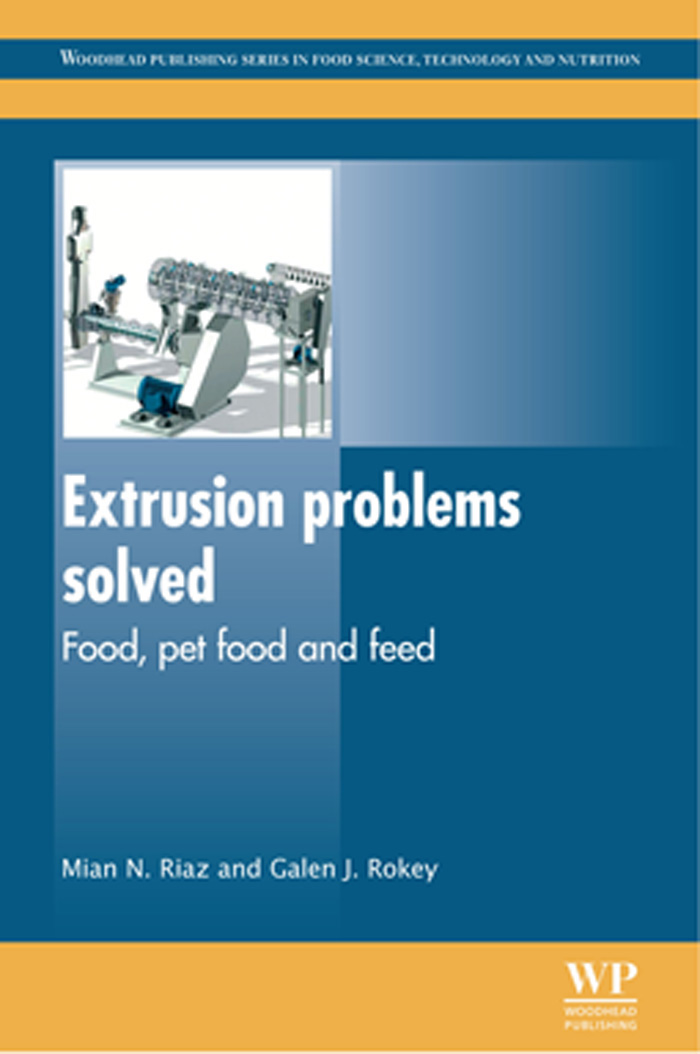
Extrusion Problems Solved Extrusion is widely used for the preparation of a variety of foodstuffs including breakfast cereals, snack food and pasta, as well as pet food and animal and aquaculture feed. Extrusion problems solved provides responses to more than 300 frequently asked questions about the process of food extrusion and the techniques and equipment involved, in a practical question-and-answer format. The book is divided into twelve chapters for ease of reference: the opening chapters concentrate on introductory queries and on different components of an extruder system, followed by two chapters that help the reader select the correct type of extruder for a product. Chapters five and six discuss the impact of factors such as protein content and particle size on the extrusion process, while the use of pre-conditioners is discussed in chapter seven. The latter part of the book discusses specific types of extruder and die and knife assemblies, followed by a chapter on issues relating to drying extruded food products. The final chapter offers practical guidelines and rules of thumb for the most common issues relating to food and feed extrusion. Written by two leading experts in the field, Extrusion problems solved is an essential reference source and troubleshooting guide for professionals working in food, pet food and feed extrusion. It will also be a valuable training resource for students of extrusion. Offers practical guidelines and rules of thumb for the most common food and feed extrusion problems Chapters concentrate on introductory queries, types of extruder and components of extruder systems, knife assemblies, the use of pre-conditioners and issues in drying extruded food products Provides responses to more than 300 frequently asked questions about the processes, equipment and techniques of food extrusion in a practical question-and-answer format TECHNOLOGY & ENGINEERING,Food Science,General

Antioxidants in Food, Vitamins and Supplements Antioxidants in Food, Vitamins and Supplements bridges the gap between books aimed at consumers and technical volumes written for investigators in antioxidant research. It explores the role of oxidative stress in the pathophysiology of various diseases as well as antioxidant foods, vitamins, and all antioxidant supplements, including herbal supplements. It offers healthcare professionals a rich resource of key clinical information and basic scientific explanations relevant to the development and prevention of specific diseases. The book is written at an intermediate level, and can be easily understood by readers with a college level chemistry and biology background. Covers both oxidative stress-induced diseases as well as antioxidant-rich foods (not the chemistry of antioxidants) Contains easy-to-read tables and figures for quick reference information on antioxidant foods and vitamins Includes a glycemic index and a table of ORAC values of various fruits and vegetables for clinicians to easily make recommendations to patients TECHNOLOGY & ENGINEERING,Food Science,General
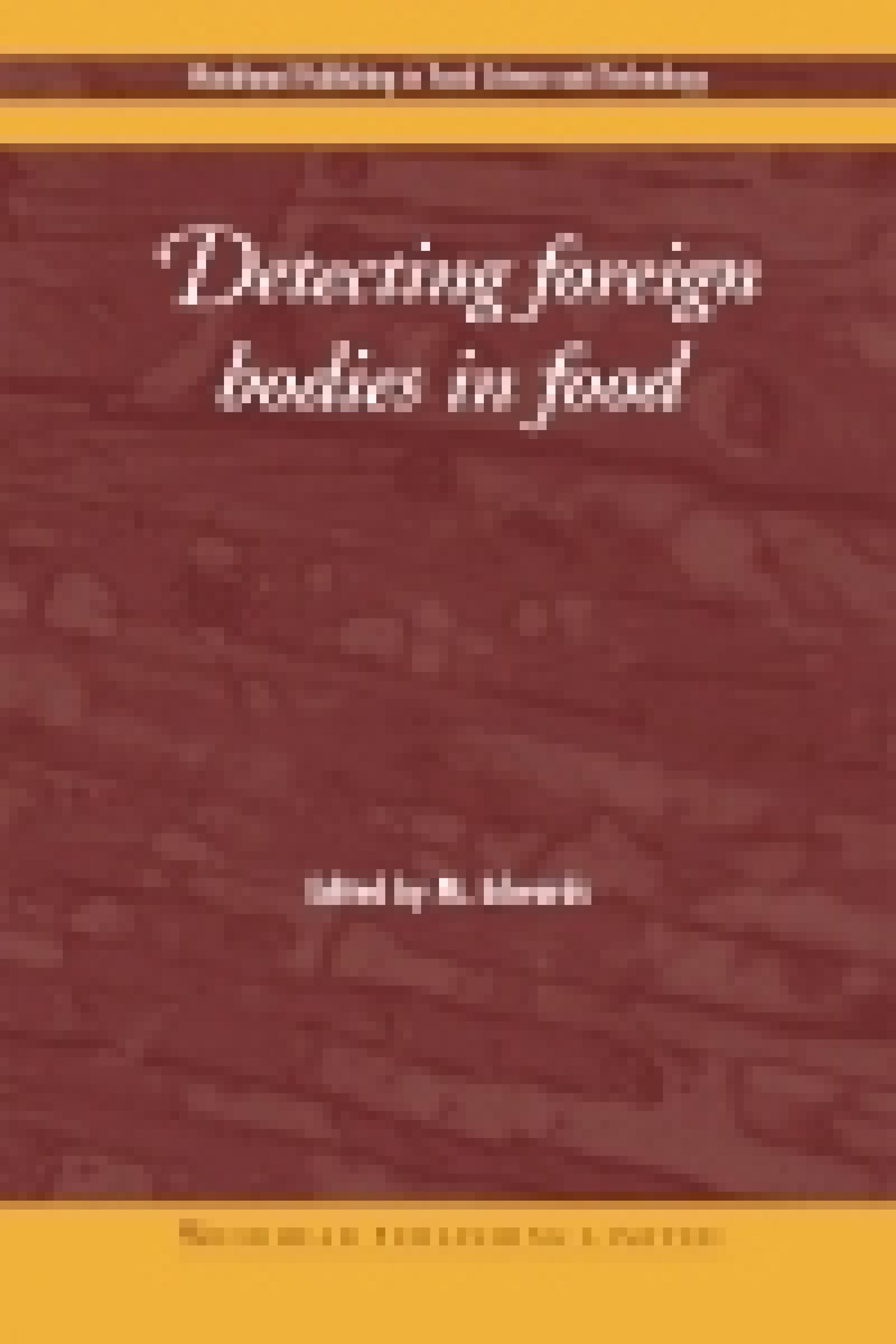
Detecting Foreign Bodies in Food Foreign bodies are the biggest single source of customer complaints for many food manufacturers, retailers and enforcement authorities. Foreign bodies are any undesirable solid objects in food and range from items entirely unconnected with the food such as glass or metal fragments to those related to the food such as bones or fruit stalks. Detecting foreign bodies in food discusses ways of preventing and managing incidents involving foreign bodies and reviews the range of current methods available for the detection and control of foreign bodies, together with a number of new and developing technologies. Part one addresses management issues, with chapters on identifying potential sources of foreign bodies, good manufacturing practice (GMP), the role of the hazard analysis and critical control point (HACCP) system and how best to manage incidents involving foreign bodies. The book also includes a chapter on the laboratory identification of foreign bodies. Part two examines methods for the detection and removal of foreign bodies. There are chapters on existing methods, including metal detection, magnets, optical sorting, X-ray systems and physical separation methods. Other chapters consider research on potential new technologies, including surface penetrating radar, microwave reflectance, nuclear magnetic resonance, electrical impedance and ultrasound. Detecting foreign bodies in food is a standard reference for all those concerned with ensuring the safety of food. Discusses ways of preventing and managing incidents involving foreign bodies Reviews the range of technologies available for effective detection and control of foreign bodies TECHNOLOGY & ENGINEERING,Food Science,General
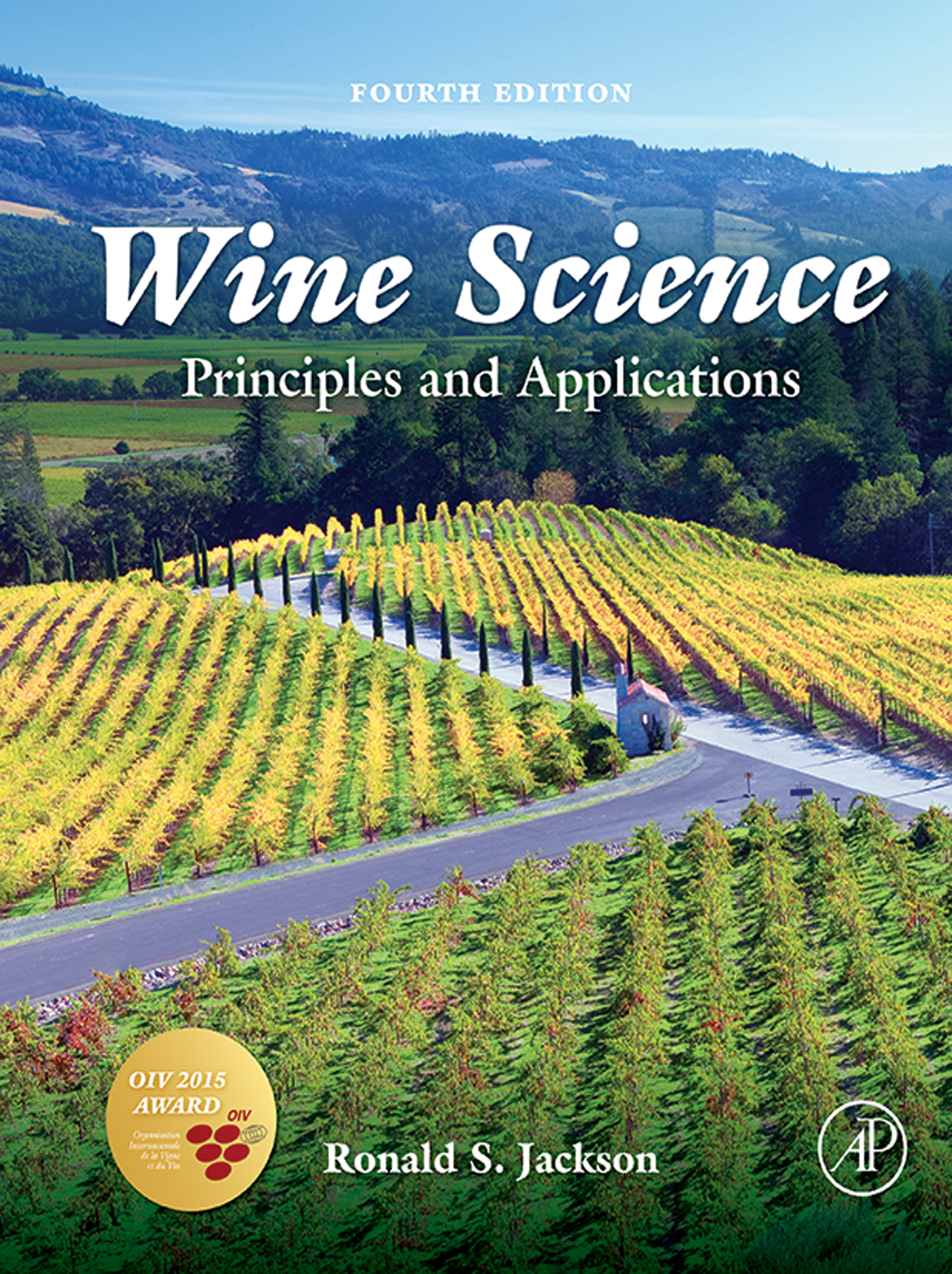
Wine Science Wine Science, Fourth Edition, covers the three pillars of wine science: grape culture, wine production, and sensory evaluation. It discusses grape anatomy, physiology and evolution, wine geography, wine and health, and the scientific basis of food and wine combinations. It also covers topics not found in other enology or viticulture texts, including details on cork and oak, specialized wine making procedures, and historical origins of procedures. New to this edition are expanded coverage on micro-oxidation and the cool prefermentative maceration of red grapes; the nature of the weak fixation of aromatic compounds in wine – and the significance of their release upon bottle opening; new insights into flavor modification post bottle; the shelf-life of wine as part of wine aging; and winery wastewater management. Updated topics include precision viticulture, including GPS potentialities, organic matter in soil, grapevine pests and disease, and the history of wine production technology. This book is a valuable resource for grape growers, fermentation technologists; students of enology and viticulture, enologists, and viticulturalists. New to this edition: Expanded coverage of micro-oxidation and the cool prefermentative maceration of red grapes The nature of the weak fixation of aromatic compounds in wine – and the significance of their release upon bottle opening New insights into flavor modification post bottle Shelf-life of wine as part of wine aging Winery wastewater management Updated topics including: Precision viticulture, including GPS potentialities Organic matter in soil Grapevine pests and disease History of wine production technology TECHNOLOGY & ENGINEERING,Food Science,General
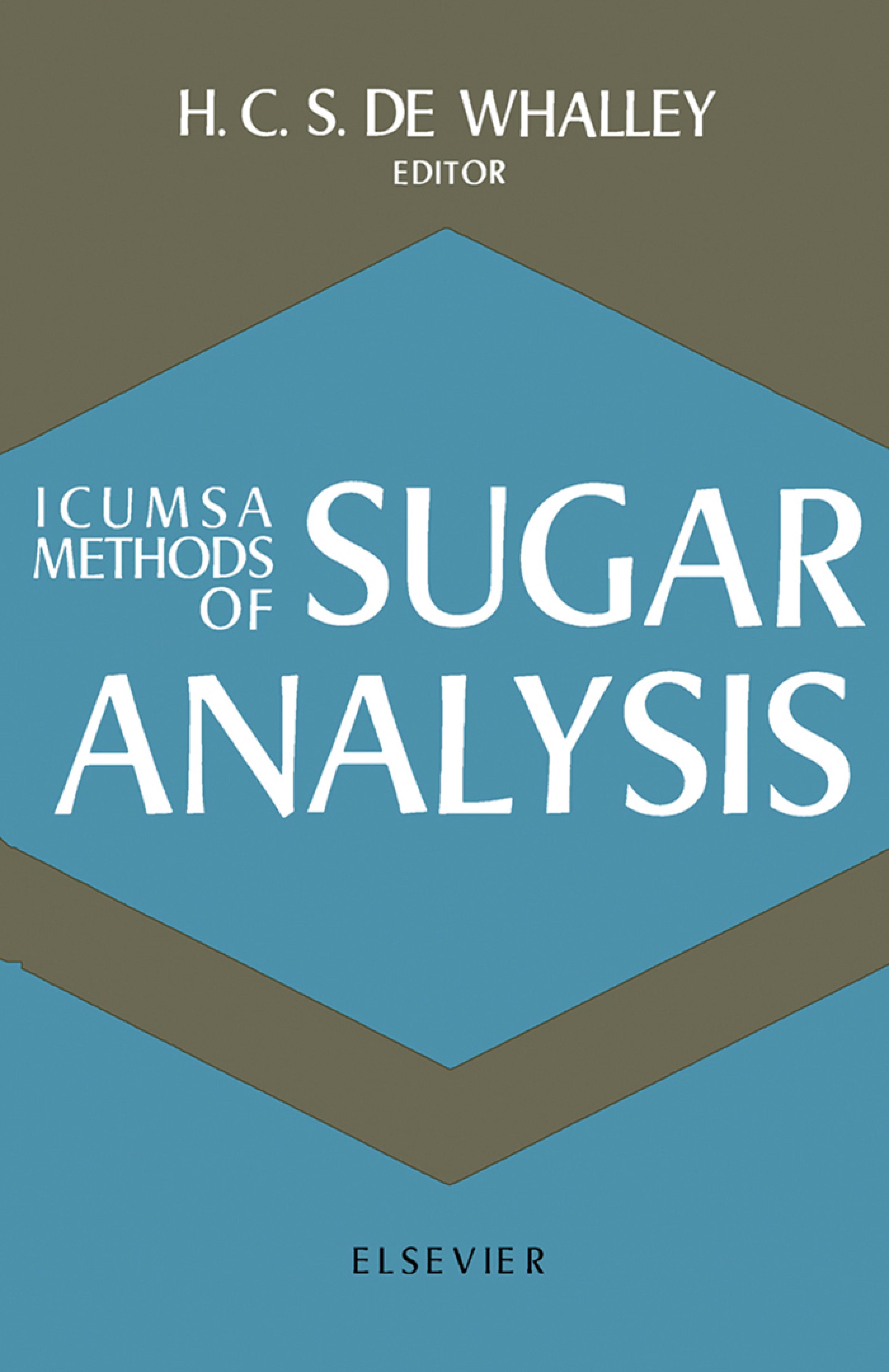
ICUMSA Methods of Sugar Analysis ICUMSA Methods of Sugar Analysis presents the recommendations of the International Commission for Uniform Methods of Sugar Analysis (ICUMSA) that are based on thorough investigations of methods likely to prove practical and appropriate for the sugar industry. This book discusses the procedures for raw sugar polarization. Organized into two parts encompassing 21 chapters, this book begins with an overview of the various methods of determining sucrose by polarimetry, including the invertase method and the Jackson and Grill's method. This text then examines the methods of determining reducing sugars, which depends on knowing the amount of cuprous oxide precipitated from Fehling's solution. Other chapters consider the method to be applied for all beet products. This book discusses as well the principle of double sulfation that is necessary to ensure conversion of ash to sulfate. The final chapter deals with the evaluation of filter aids. This book is a valuable resource for chemists. TECHNOLOGY & ENGINEERING,Food Science,General
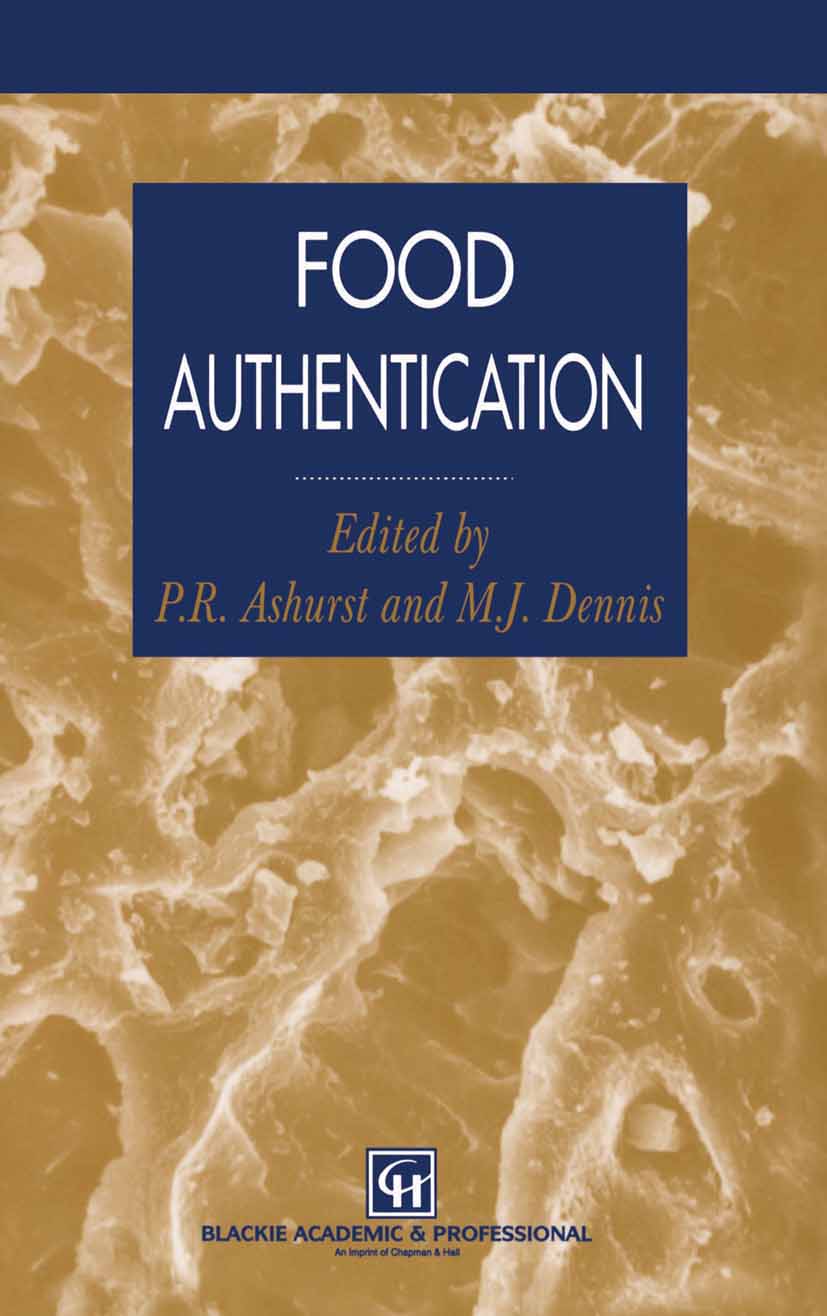
Food Authentication The issue of food authenticity is not new. For centuries unscrupulous farmers and traders have attempted to 'extend', or othewise alter, their products to maximise revenues. In recent years the subject has reached new prominence and there even have been situations where food authenticity has featured as a newspaper headline in various countries. Food legislation covering the definition, and in some cases composition, of various commodities has been in place in developed countries for many years and paradoxically it is the legislative trend away from emphasis on composition and more on accurate and truthfullabeliing that has been one driving force for the authenticity issue. Another, and many would speculate as the more potent, driving force is the move towards fewer and larger supermarket chains in many countries. Such trading companies with their images of quality products, buying power and commercial standing, exercise considerable commercial power which has been claimed as a significant source of financial pressure on food prices and food commodity product quality. For whatever reason, recent food authenticity issues have become news and consumers, the media and enforcement authorities are showing more interest than ever before in the subject. TECHNOLOGY & ENGINEERING,Food Science,General

Milk Quality Milk has played a major contribution to the human diet in many different countries across the world since the dawn of time. The dairy cow was domesticated over 6000 years ago, she was the object of worship in the Middle East 2000 years before Christ, and milk and milk products are mentioned more than 50 times in the Bible. Milk and dairy products have become a major part of the human diet in many countries. It is not surprising therefore, that over many years considerable attention has been paid to improving the quality of milk. We have worked to improve the yield, the compositional quality and the hygienic quality, and have striven to minimise the level of contaminants which can find access to this, perhaps our most natural, unrefined and highly nutritious foodstuff. The chain of people involved in the milk industry extends from milk production-farmers, veterinarians and farm advisors-through transport to processing-quality controllers, manufacturers-and on to retailers, legislators, nutritionists, dairy educators and consumers. All will be interested in the quality parameters of milk which are reg ularly measured for commercial reasons, for trade, for legal requirements and for reasons of nutrition. TECHNOLOGY & ENGINEERING,Food Science,General
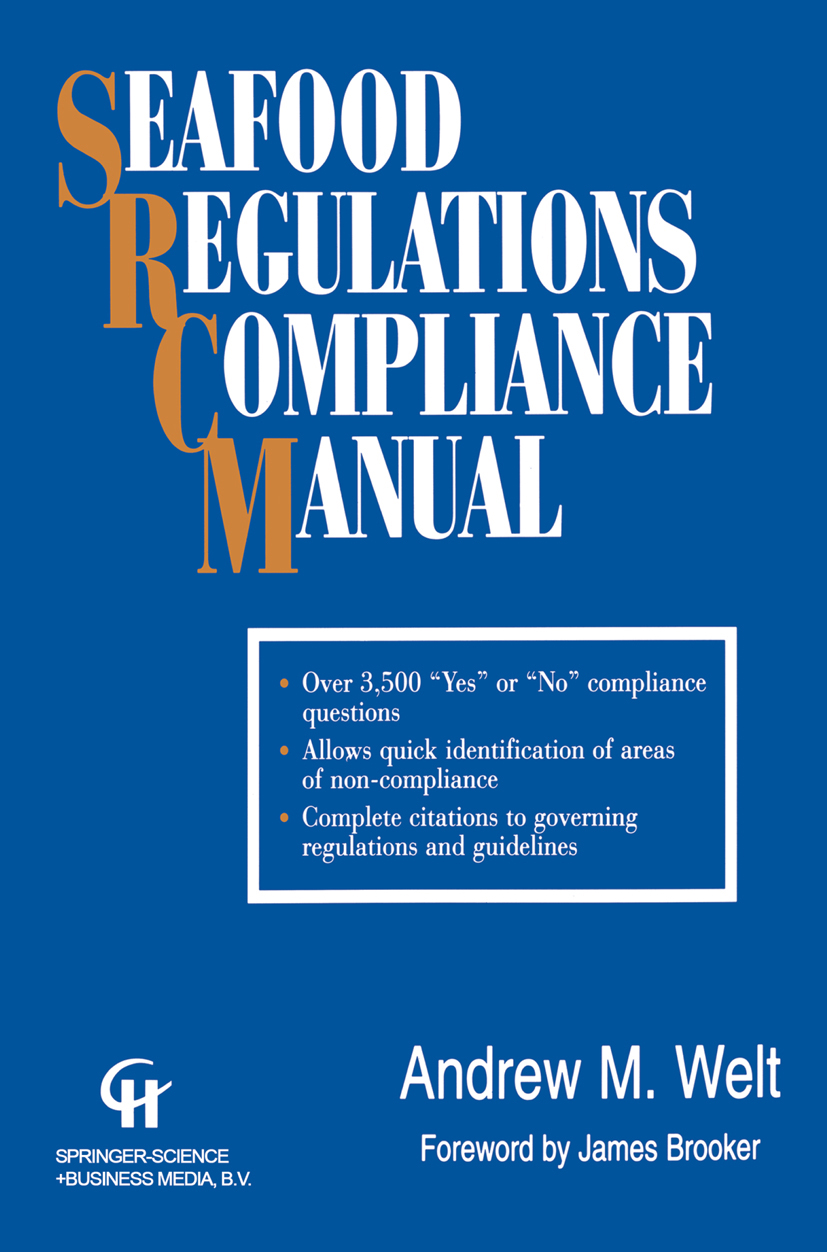
Seafood Regulations Compliance Manual A first of its kind, the Seafood Regulatory Compliance Manual is a comprehensive work that comprises the myriad of governmental requirements and guidelines applicable to all aspects of seafood from harvest to the marketplace. The intent of the authors was to develop for users a manual that is easy to use, with a structured format to ensure compliance with governmental requirements. They have been highly successful in achieving this objective and presenting a user friendly tool. The manual represents a major advancement by providing a single source reference to all requirements, except for some specific end product and labeling requirements, for a highly complex global industry. In addition, it is an outstanding contribution to the seafood industry in addressing a long-standing need for systems changes in the form of a single source manual, in contrast to the obsolete approach of having to access a library of multiple regulations and the affiliated agencies' bureaucracies to determine how and/or whether compliance with a particular regulation has been achieved. For those engaged in international commerce in seafood, the manual should be especially useful. Well integrated throughout the manual are the applicable provisions of the recommended international Codex standards for fish and shellfish products and the codes of hygienic and technological practice for handling and processing these products. These standards and codes were developed through an international harmonization process, and are familiar to seafood-producing countries worldwide. TECHNOLOGY & ENGINEERING,Food Science,General

Understanding Natural Flavors There has been increasing interest in recent years in the concept and production of natural foods. Advertising claims that food is natural, without additives or artificial ingredients, have taken on great importance in marketing. Consumption of food that can be considered natural is currently central to the sophisticated lifestyle. However, there is only a limited published literature on what constitutes natural food flavours. Much of the flavour and fragrance industry has worked on development of synthetic or 'nature-identical' flavours which represent a chemist's simu lation of the natural character. As marketing claims become more strident it is necessary to gain a better understanding of natural food flavours in order to safeguard food quality and for prevention of fraud. There have been great advances recently in analytical chemistry, and partly as a result of this progress there seems to be a never-ending increase in the number of volatile compounds identified in foods. Unfortunately, this has not always been matched by an equal increase in the understanding of how these volatile compounds arise, or how they contribute to the sensation which we call flavour. Throughout the development of Western society, quality of food, particularly flavour, has been highly regarded. The amateur or professional cook with the skills to optimize and maintain standards in flavour has been held in the highest respect. TECHNOLOGY & ENGINEERING,Food Science,General

Analytical Chemistry of Foods Food laws were fIrst introduced in 1860 when an Act for Preventing the Adulteration of Articles of Food or Drink was passed in the UK. This was followed by the Sale of Food Act in 1875, also in the UK, and later, in the USA, by the Food and Drugs Act of 1906. These early laws were basically designed to protect consumers against unscrupulous adulteration of foods and to safeguard consumers against the use of chemical preservatives potentially harmful to health. Subsequent laws, introduced over the course of the ensuing century by various countries and organisations, have encompassed the features of the early laws but have been far wider reaching to include legislation relating to, for example, specifIc food products, specifIc ingredients and specifIc uses. Conforming to the requirements set out in many of these laws and guidelines requires the chemical and physical analysis of foods. This may involve qualitative analysis in the detection of illegal food components such as certain colourings or, more commonly, the quantitative estimation of both major and minor food constituents. This quantitative analysis of foods plays an important role not only in obtaining the required information for the purposes of nutritional labelling but also in ensuring that foods conform to desired flavour and texture quality attributes. This book outlines the range oftechniques available to the food analyst and the theories underlying the more commonly used analytical methods in food studies. TECHNOLOGY & ENGINEERING,Food Science,General

Food Packaging and Preservation This book is an updating of Food Packaging and Preservation, Theory and Practice published in 1986 by Elsevier Applied Science. Since that date, many things have changed in the world. Hence the name given to the first IFTEC meeting held at the Hague (NL), November 15-18, 1992 Food Technology for a Changing World. Is the world changing for better or worse and what can food technology improve? The keynote lecture of the IFTEC meeting dealt with hunger and the challenge it represents to food science and technology. In the preface to the 1986 book it was suggested that food packaging could solve some of the problems of crop preservation in countries where starvation is prevalent. However, such thoughts did not solve any problems. The famine is still spreading in Africa. The unbalanced north-south situation evoked in the 1986 preface has not improved. The international market of foods and agricultural products is constantly changing and food packaging scientists can only explore new ways to help cope with this. Some of these ideas are approached in this book, particularly in chapters 9, 10 and 12. TECHNOLOGY & ENGINEERING,Food Science,General

Food Analysis The first edition of Food Analysis: Theory and Practice was published in 1971 and was revised in 1978. The second edition was published in 1987, and in 1993 we found it necessary to prepare a third edition to reflect and cover the most recent advances in the field of food analysis. A complete revision of a book is an arduous and anguished task. The following are challenges that we wanted to address in this revision: to update the material without eliminating classic and time-preserved and honored methods used by the food analyst; to broaden and deepen the coverage and scope without increasing the size of the book; and to produce a textbook (for senior undergraduate and graduate students) with regard to objectives, scope, and outlay while providing a reference and resource for the worker and researcher in the field of food analysis. To meet those challenges we added much new material and took out practically the same amount of "rel atively outdated" material. Every chapter has been extensively updated and revised; many of the pictures in the previous editions were deleted and, whenever available and appropriate, were replaced by diagrams or flow sheets. In Part I we have expanded the seetions on sampling, preparation of sam pIes, reporting results, and reliability of analyses. TECHNOLOGY & ENGINEERING,Food Science,General
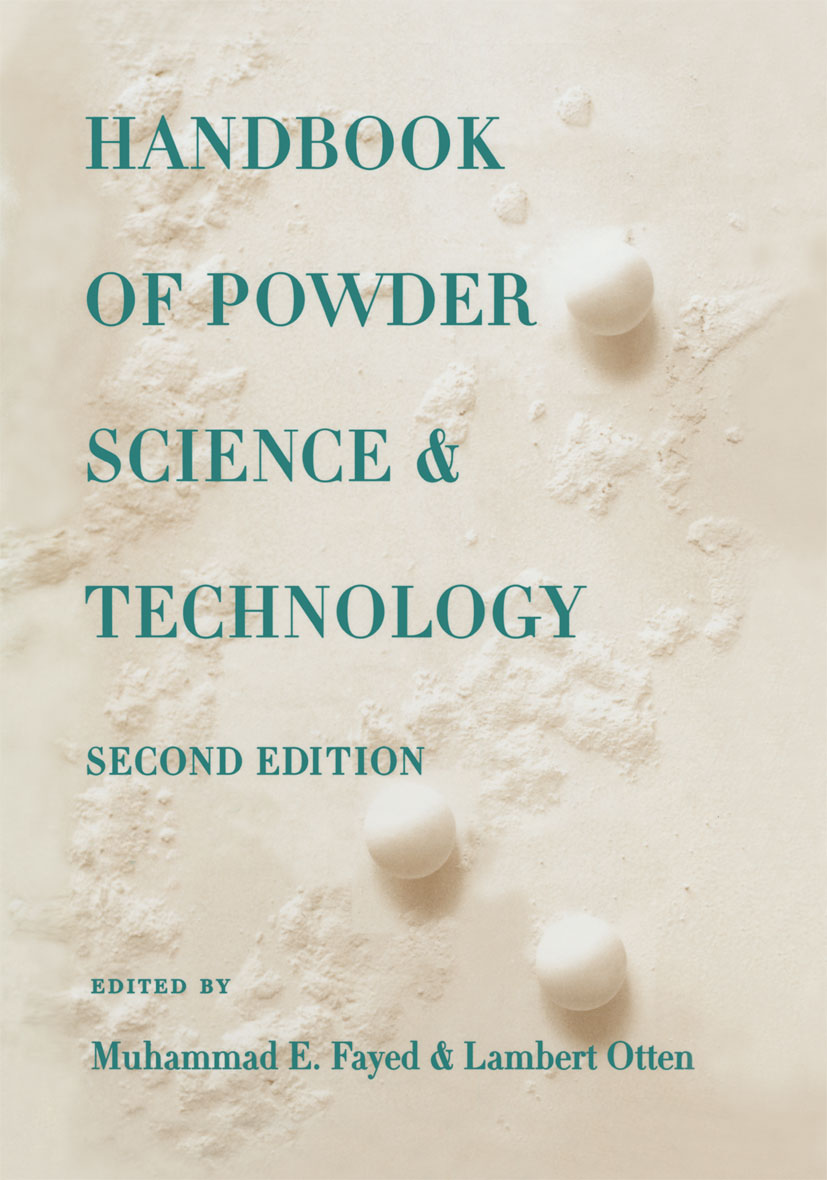
Handbook of Powder Science & Technology Since the publication of the first edition of Canada, and Australia have increased teach Handbook of Powder Science and Technology, ing, research, and training activities in areas the field of powder science and technology has related to particle science and technology. gained broader recognition and its various ar In addition, it is worth mentioning the many eas of interest have become more defined and books and monographs that have been pub focused. Research and application activities lished on specific areas of particle, powder, related to particle technology have increased and particle fluid by professional publishers, globally in academia, industry, and research technical societies and university presses. Also, institutions. During the last decade, many to date, there are many career development groups, with various scientific, technical, and courses given by specialists and universities on engineering backgrounds have been founded various facets of powder science and technol to study, apply, and promote interest in areas ogy. TECHNOLOGY & ENGINEERING,Food Science,General

Processed Meats Processed Meats, Third Edition reflects the changes taking place in the meat processing industry. This updated edition provides a comprehensive introduction to the principles and practices involved in processing meat and poultry into consumer products. The volume covers a range of topics, from the economics of processing to the industry's recent trends and new developments, including new chapters on spices and low fat processed meat. This current edition includes the composition and nutritive value of raw materials and processed meats, various curing agents, methods of curing, smoking, and industry adaptations influenced by consumer demands for convenience and healthy products. While the majority of this work addresses various meat products, such as sausages, canned meat, sectioned and formed meats, cured and smoked products, and restructured meat products, the volume also discusses operations and formulations. Processed Meats, Third Edition is a unique and valuable text for undergraduate students. In addition, professionals in the meat and poultry industries will benefit from the current information found in this new, single-source guide. TECHNOLOGY & ENGINEERING,Food Science,General
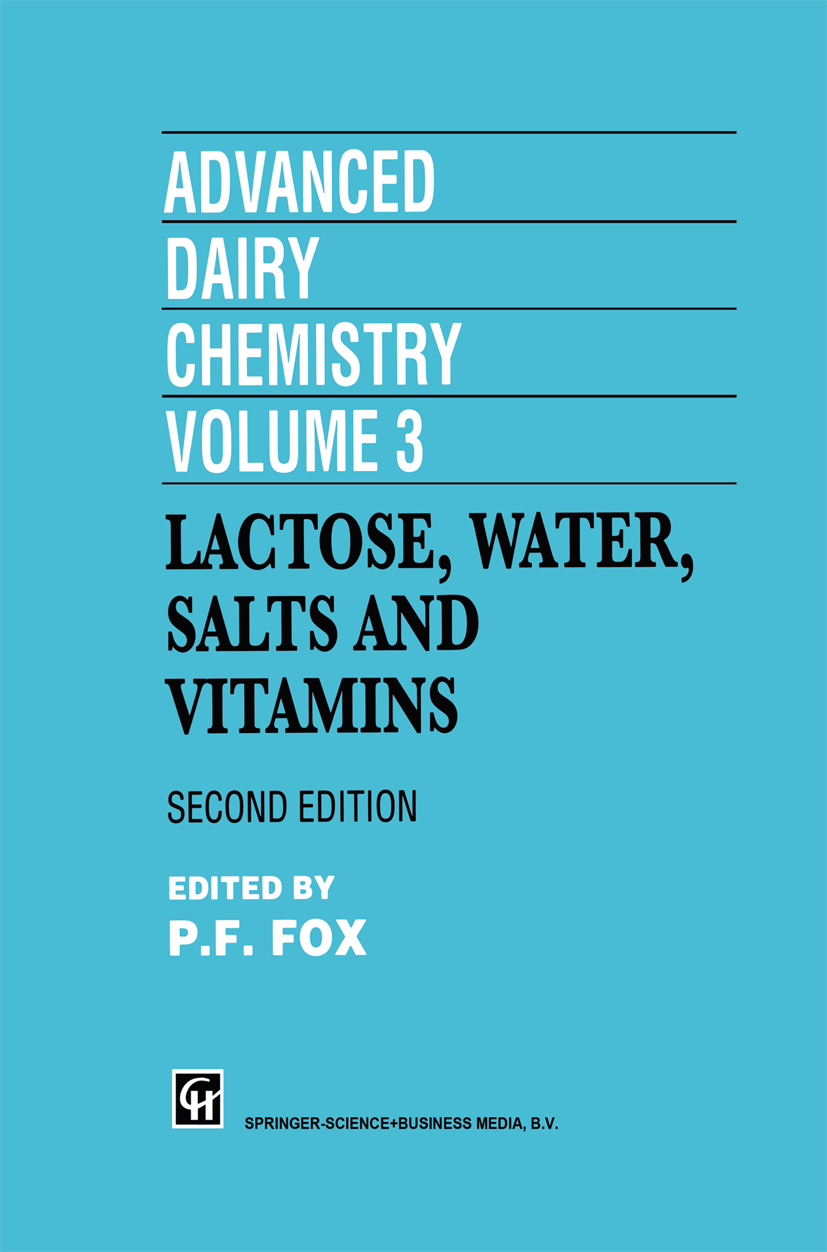
Advanced Dairy Chemistry Volume 3 This book is the third volume of Advanced Dairy Chemistry, which should be regarded as the second edition of Developments in Dairy Chemistry. Volume 1 of the series, Milk Proteins, was published in 1992 and Volume 2, Milk Lipids, in 1994. Volume 3, on lactose, water, salts and vitamins, essentially updates Volume 3 of Developments in Dairy Chemistry but with some important changes. Five of the eleven chapters are devoted to lactose (its physico-chemical properties, chemical modification, enzymatic modification and nutritional aspects), two chapters are devoted to milk salts (physico-chemical and nutritional aspects), one to vitamins and one to overview the flavour of dairy products. Two topics covered in the first editions (enzymes and other biologically active proteins) were transferred to Volume 1 of Advanced Dairy Chemistry and two new topics (water and physico chemical properties of milk) have been introduced. Although the constituents covered in this volume are commercially less important than proteins and lipids covered in Volumes 1 and 2, they are critically important from a nutritional viewpoint, especially vitamins and minerals, and to the quality and stability of milk and dairy products, especially flavour, milk salts and water. Lactose, the principal constituent of the solids of bovine milk, has long been regarded as essentially worthless and in many cases problematic from the nutritional and techno logical viewpoints; however, recent research has created several new possi bilities for the utilization of lactose. TECHNOLOGY & ENGINEERING,Food Science,General
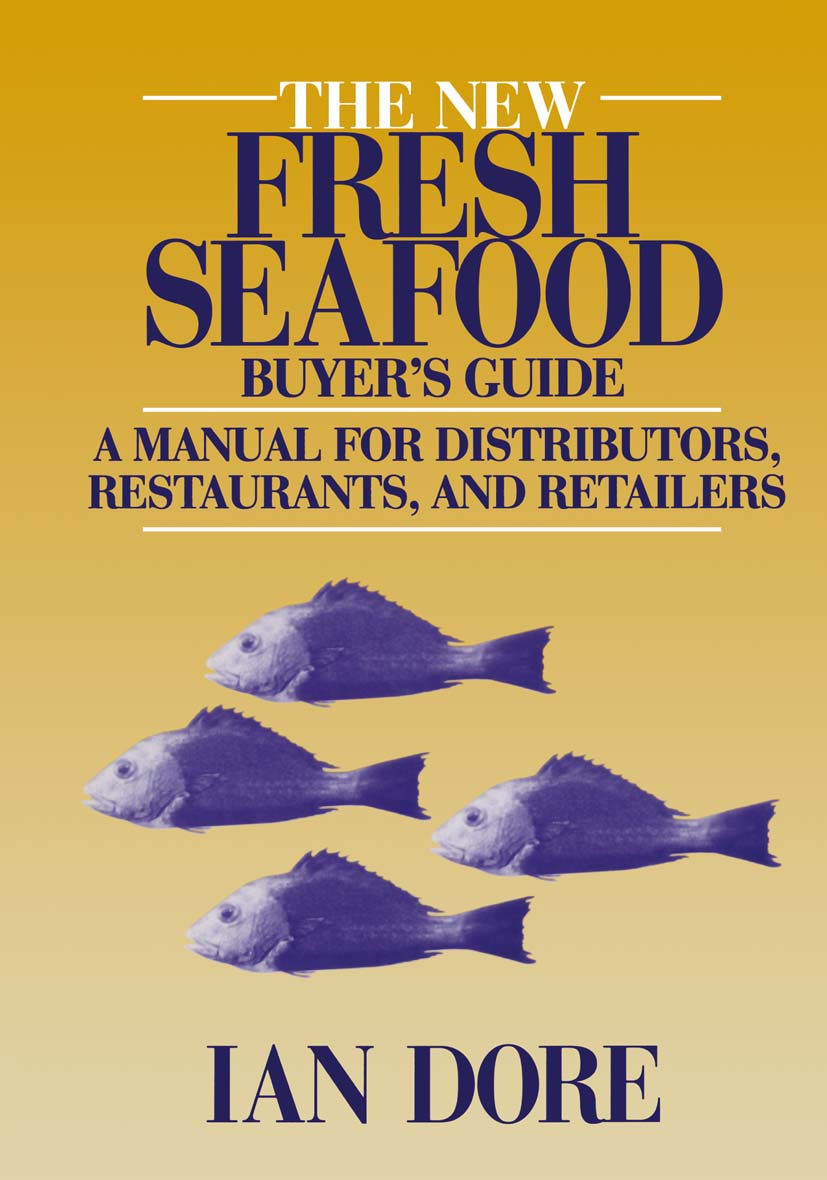
The New Fresh Seafood Buyer’s Guide This book is a completely new edition of Fresh Seafood-The Commer cial Buyer's Guide, which was first published in 1984. There have been many changes in both product and the seafood business in the intervening years. About 70 percent of the material in this book is new, a tribute to the rapid pace of change throughout the industry. The subject of this book is fresh seafood. "Fresh" is defined as product handled under refrigeration (mechanical or ice) from har vester to consumer. This excludes frozen product, canned product and other shelf-stable packaging. Frozen seafoods are covered in the companion volume, The New Frozen Seafood Handbook. Many prod ucts are, of course, handled in both refrigerated and frozen forms. There may be substantial differences, not just in how they are han dled, but in how they are processed, graded and packed. Frozen sea foods are often treated and traded as commodities, with standard descriptions. Marketing and distributing fresh fish and shellfish, which has to be eaten within days of harvest, is necessarily more personal and direct. The contest between refrigerated and frozen seafoods has continued for many years and shows no signs of resolving. Despite massive im provements in the quality of much frozen product, consumers and their retail and restaurant suppliers still tend to believe that "fresh" is bet ter, perhaps simply because the word "fresh" is naturally appealing. TECHNOLOGY & ENGINEERING,Food Science,General
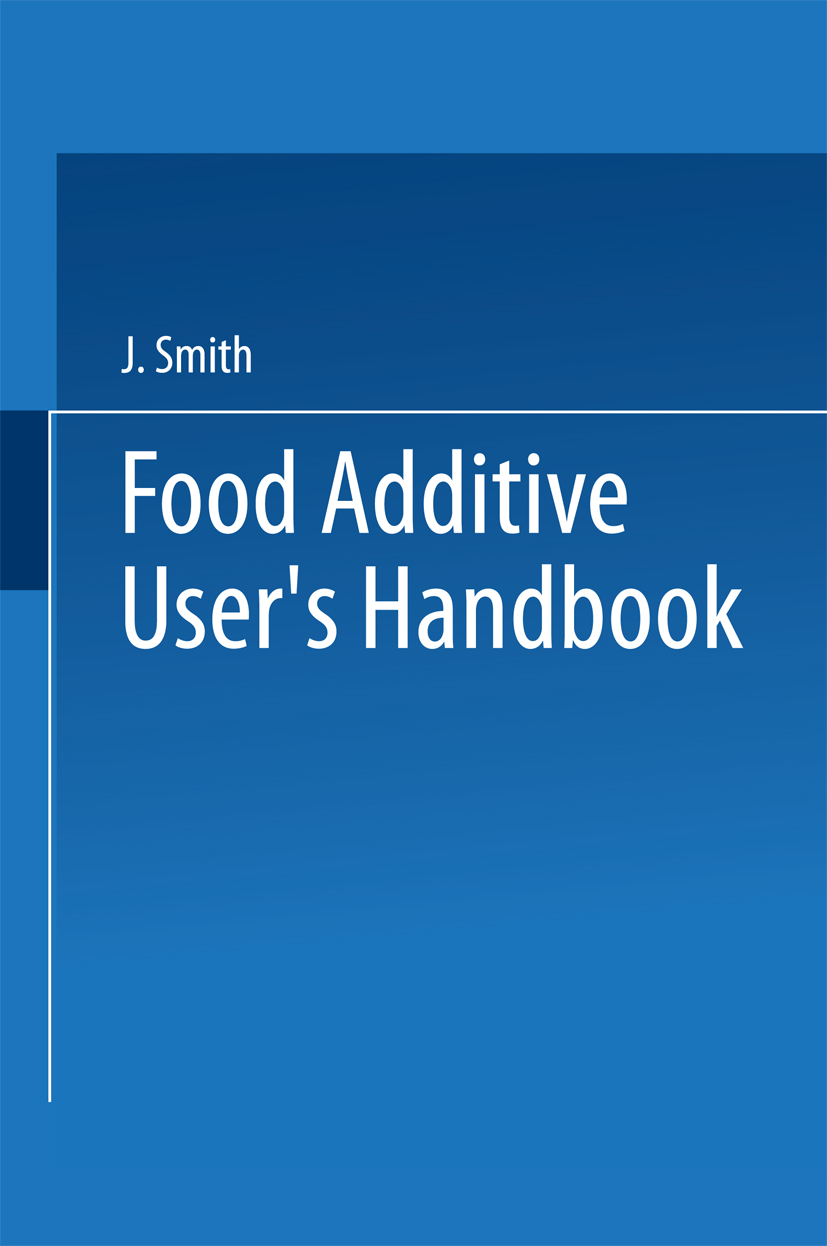
Food Additive User’s Handbook The aim of this book is to present technical information about the additives used in food product deveiopment, in a concise form. Food product development is an activity which requires application of technical skills and the use of a diverse range of information. Normally this information is scattered throughout the vast food science literature in journals and books and in technical publications from the various suppliers. It has been my experience, through consulting with the food industry, that there is a need for information on food additives in a quick-to-use form-in tables and figures where possible. Time wasted during information retrieval causes delay in practical development work, which results in delay of product launch and possibly the loss of market advantage. This handbook will be used by food product development staff and by all food scientists requiring access to information on food additives in a quick-to-use format. Some knowledge of food science is assumed. Each chapter contains a bibliography which can be consulted if further informa tion is required. Local legislation will have to be consulted to determine the legality of use of the additive, in which foods and at what level of addition. Information on safety can be found in Food Additives Handbook (1989) by' R.l. Lewis, published by Van Nostrand Reinhold, New York. TECHNOLOGY & ENGINEERING,Food Science,General
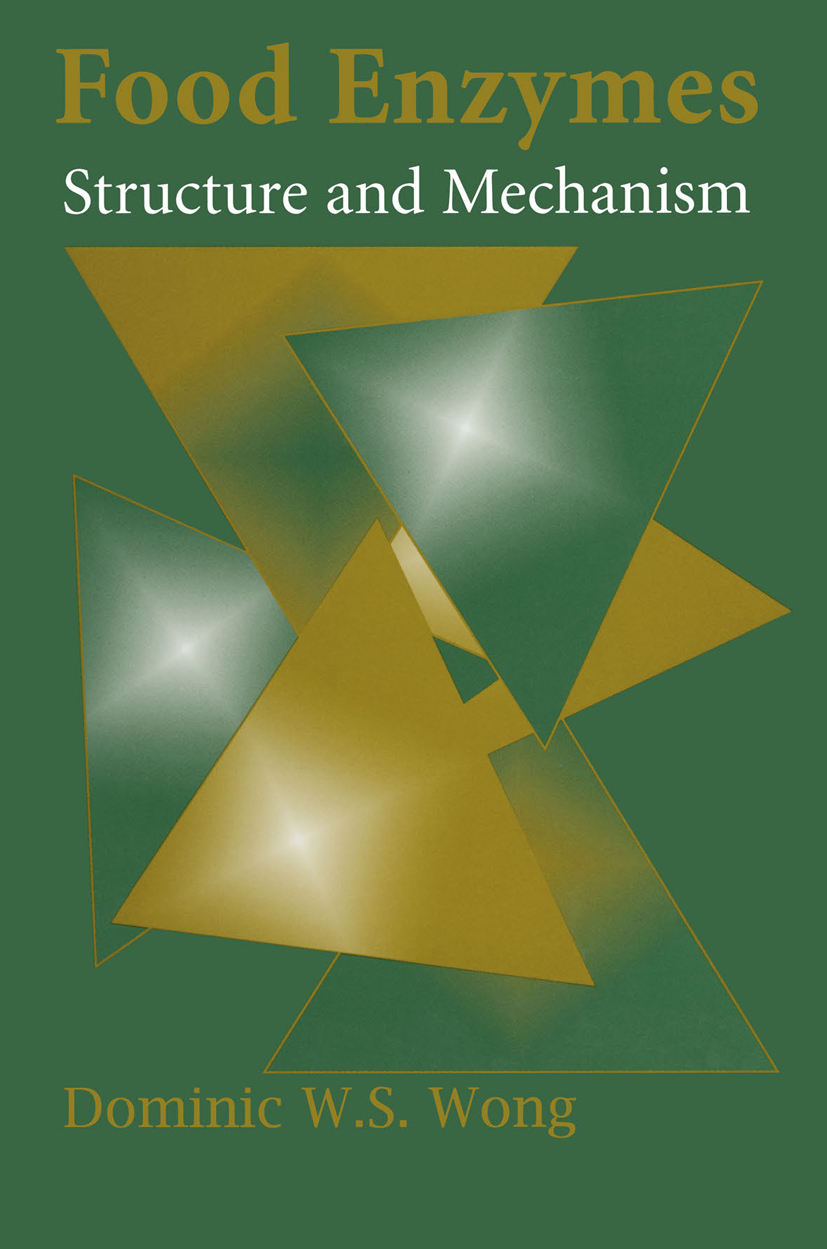
Food Enzymes Food Enzymes: Structure and Mechanism is the first volume to bring together current information on the structures and mechanisms of important food enzymes. It provides an in-depth discussion of the dynamic aspects of enzyme structures and their relationship to the chemistry of catalysis. The book emphasizes aspects of the chemistry of enzyme structure and mechanism seldom covered in the food science literature. It includes a thorough discussion of the genetic modification of enzyme structures and functions with reference to specific food enzymes. More than 100 illustrations enhance the clarity of important concepts. Comprehensive references reflect the current state of knowledge on enzyme actions. TECHNOLOGY & ENGINEERING,Food Science,General
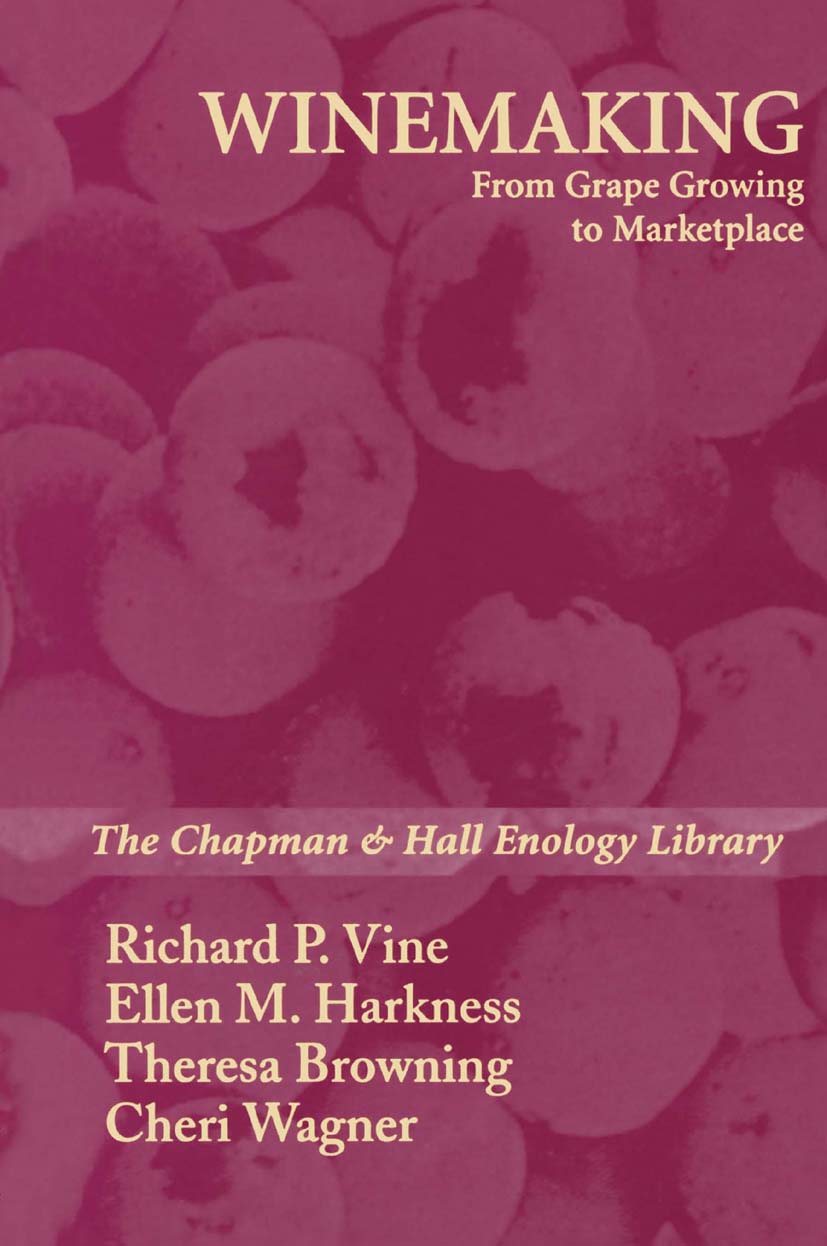
Winemaking During the past several decades considerable interest has developed in the United States for the wines that are produced in small wineries across our nation. This in terest continues to intensify, especially for the truly good wines that are reason ably priced. Consumers are unforgiving. Second-class wines will not be accept able just because a vintner may be newly established. The functions that must take place in the small estate-type wine cellar and the controls that can be realistically exercised by winemasters are essential in the creation of superior products. Although wine can be a comparatively simple food to produce, it is a very vast topic. Perhaps much the same as with other art forms, it is the infinite variability offactors at the root ofthe subject that renders it so complex. There are hundreds of different vine varieties cultivated around the world, and doubtlessly an even greater number of fruit and berry cultivars. Combined with such factors as soils, climates and mesoclimates (which may change with each vintage season), culti vation techniques, harvesting criteria, and overall operational philosophy, one can easily understand the enormous breadth and depth of variation which exits. This diversity, along with more than 5 years of enological development, generates a number of different wine possibilities that can only be conceived as something vastly exponential. TECHNOLOGY & ENGINEERING,Food Science,General

Food and Free Radicals Proceedings of the First Symposium held in Yamagata, Japan, June 16, 1994 TECHNOLOGY & ENGINEERING,Food Science,General

Therapeutic Uses of Trace Elements Proceedings of the Fifth International Congress held in Meribel, France, February 4-7, 1996 TECHNOLOGY & ENGINEERING,Food Science,General
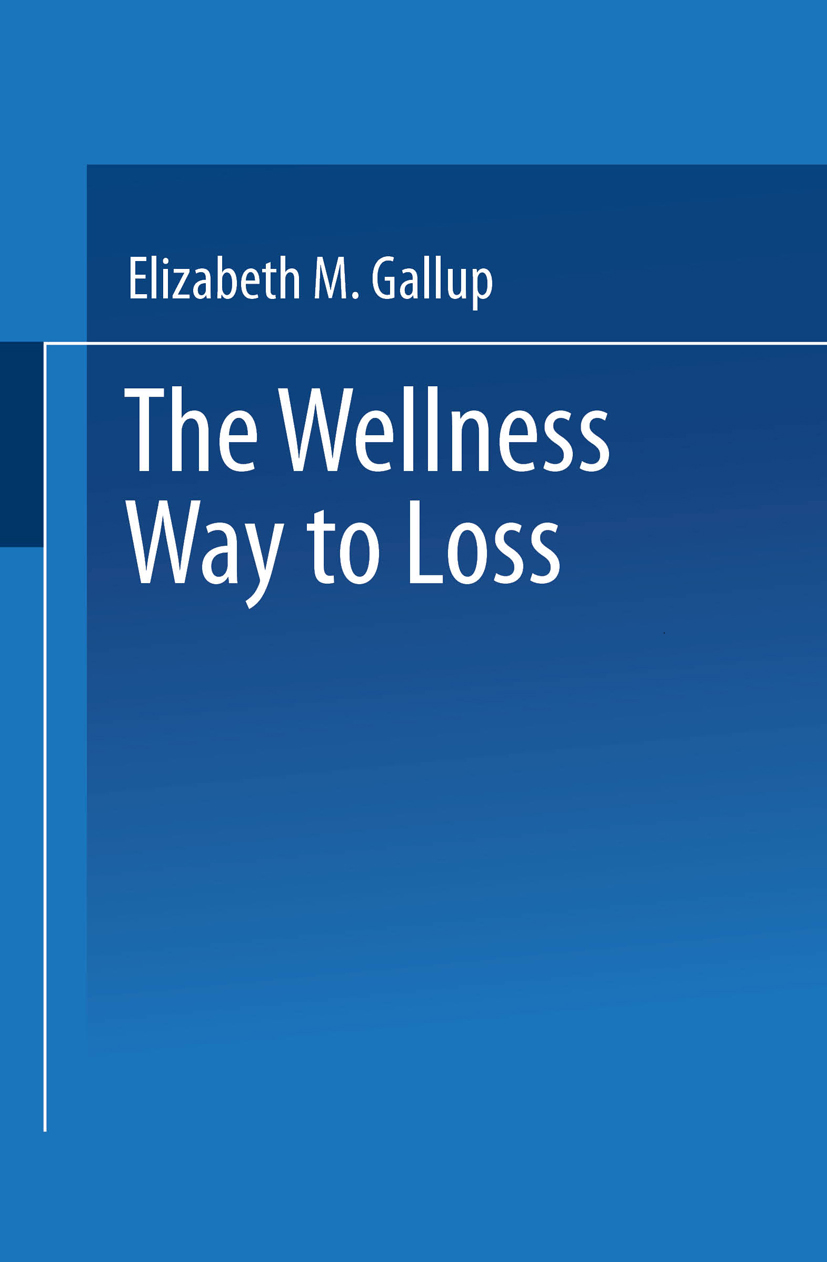
The Wellness Way to Weight Loss TECHNOLOGY & ENGINEERING,Food Science,General
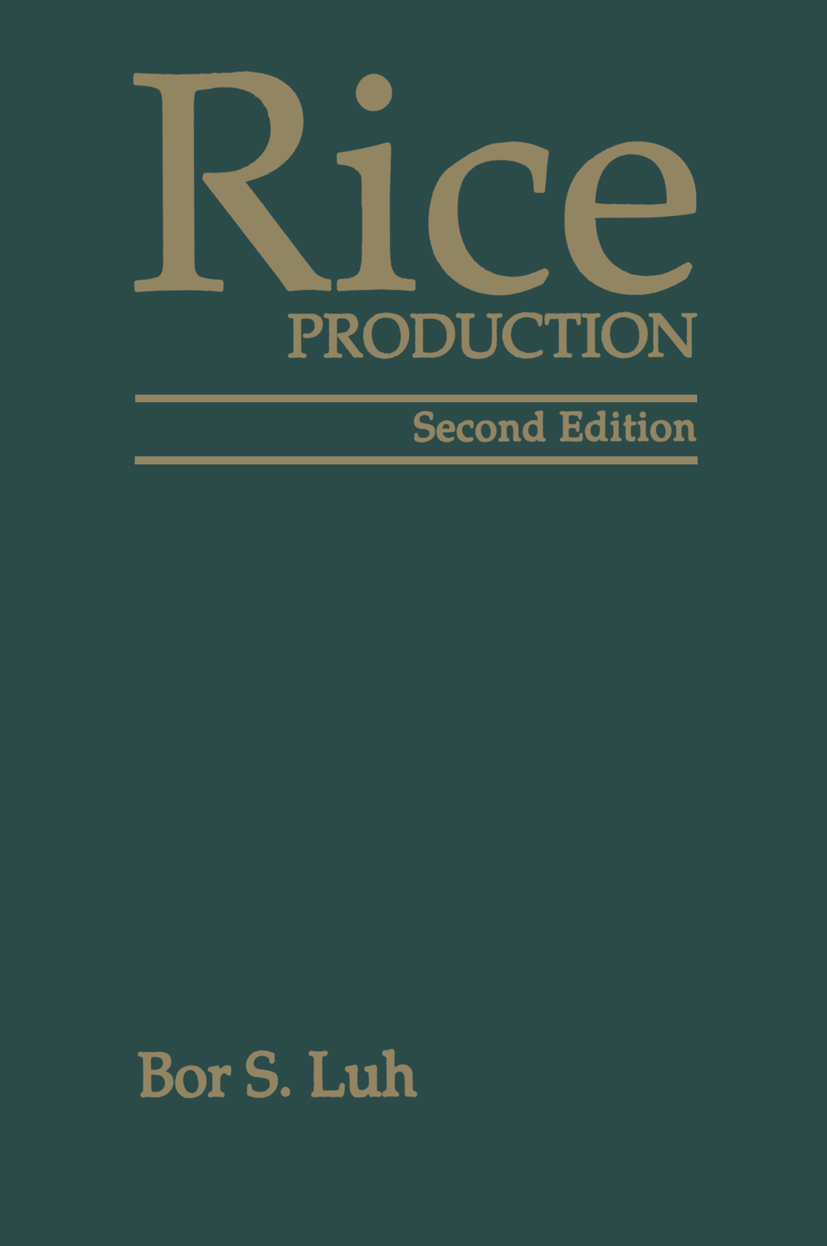
Rice Rice is one of the principal cereals used by the world's inhabitants. The hope for improved nourishment of the world's population depends on the development of better rice varieties and improved methods for rice production and utilization. During the past four decades, interest in rice research and production has increased in many countries. The development of new and better varieties by the International Rice Research Institute in the Philippines and other rice research institutes has stimulated numerous research stations to test the performance of these varieties in many countries under different climates, soil properties, cultural practices, and environmental conditions. The methods of harvesting, handling, drying, and milling rough rice have improved as a result of research efforts by the engineers and the rice milling industries. The first edition of Rice: Production and Utilization was published in 1980. This second edition presents the recent developments and progress made by the researchers, the industries, and various experiment stations. Because of the large amounts of literature available in recent years on rice production and utilization, this edition is divided into two volumes, Volume 1: Production and Volume II: Utilization. It is hoped that the books will be useful to rice researchers, processors, and people interested in rice production and utilization. Those studying v vi PREFACE the agronomy of rice plants, especially the genetics, breeding, cultivation, diseases, and insects that attack both the rice plant and the stored grain, will find this edition helpful in their search for new knowledge. TECHNOLOGY & ENGINEERING,Food Science,General
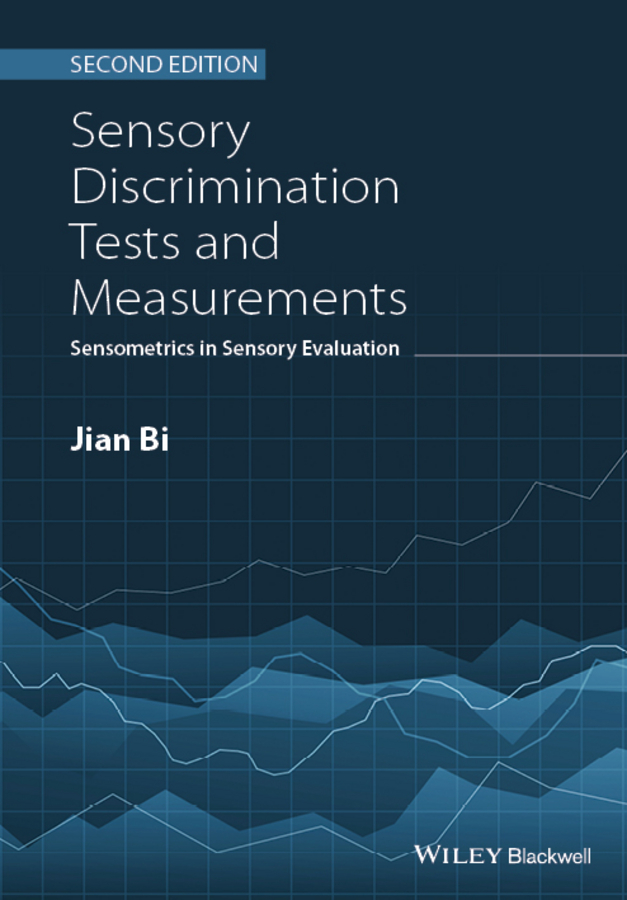
Sensory Discrimination Tests and Measurements Sensory testing and measurement are the main functions of sensory analysis. In recent years, the sensory and consumer field has evolved to include both difference testing and similarity testing, and new sensory discrimination methods such as the tetrads have received more attention in the literature. This second edition of Sensory Discrimination Tests and Measurements is updated throughout and responds to these changes and includes: A wide range of sensory measurements: Measurements of sensory effect (d', R-index and Gini-index); Measurements of performance of trained sensory panel (Intraclass correlation coefficients and Cronbach's coefficient alpha); Measurements of relative importance of correlated sensory and consumer attributes (drivers of consumer liking or purchase intent); Measurements of consumer emotions and psychographics; Measurements of time-intensity; Measurements of sensory thresholds; Measurements of sensory risk with negative sensory effects (Benchmark Dose, BMD, methodology) Measurements of sensory shelf life (SSL). A balanced introduction of sensory discrimination tests including difference tests and similarity tests. Bayesian approach to sensory discrimination tests. Modified and multiple-sample discrimination tests. Replicated discrimination tests using the beta-binomial (BB), corrected beta-binomial (CBB), and Dirichlet-multinomial (DM) models. Sensory discrimination methods including the tetrads and the 'M+N'. R and S-Plus codes for all the measurements and tests introduced in the book. Mainly intended for researchers and practitioners in the sensory and consumer field, the book is a useful reference for modern sensory analysis and consumer research, especially for sensometrics. TECHNOLOGY & ENGINEERING,Food Science,General

Supervision in the Hospitality Industry Supervision in the Hospitality Industry: Leading Human Resources, 7th Edition focuses on the different roles of employees from beginning leaders, newly promoted supervisor, or anyone planning a career in the hospitality field. The text is enhanced from previous issues with more industry examples and the addition of key word definitions. It offers several new chapters on topics such as supervisors as leaders; goal setting; supervisory communication; suggestions for improving communications and social media communications; drivers of diversity; multiculturalism; social media recruiting; hiring suggestions; evaluating on-the-job performance and performance improvement; behaviors of leaders; team building; teaching methods for training; causes of conflict in the workplace; critical thinking example and question on discipline; supervising employees; supervisors delegating; and common mistakes in delegating. TECHNOLOGY & ENGINEERING,Food Science,General
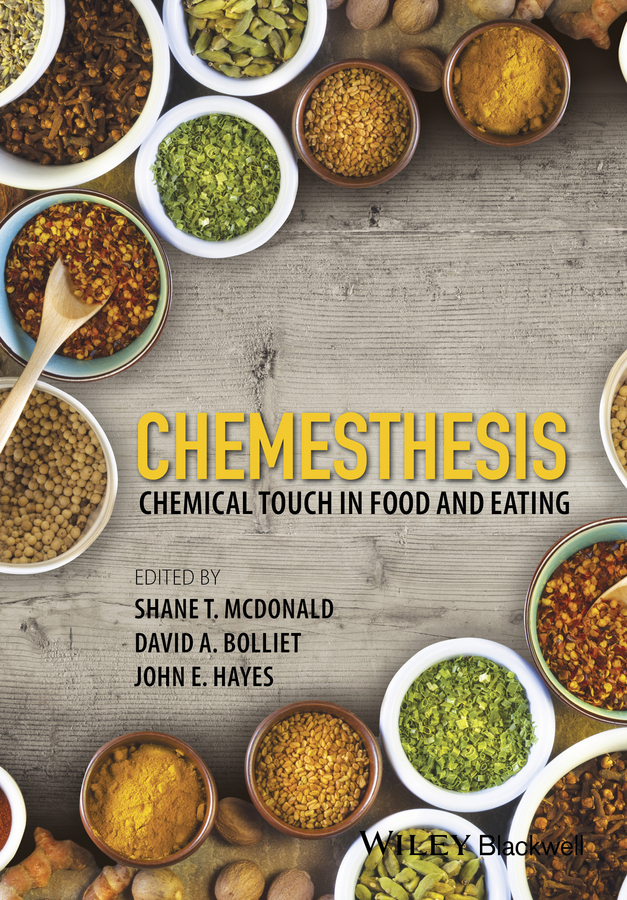
Chemesthesis Chemesthesis are the chemically initiated sensations that occur via the touch system. Examples in the mouth include the burn of capsaicinoids in chilies, the cooling of menthol in peppermint, and the tingle of carbonation. It is physiologically distinct from taste and smell, but is increasingly understood to be just as important as these senses for their contribution to flavor, especially with the sustained growth in interest in spicy foods from around the world. Chemesthesis: Chemical Touch in Food and Eating surveys the modern body of work on chemesthesis, with a variety of contributors who are well known for their expertise on the topic. After a forward by John Prescott and an introduction by Barry Green (who originally coined the term chemesthesis 25 years ago), the book moves on to survey chemesthetic spices and address the psychology and physiology of chemesthesis; practical sensory and instrumental analysis; the interaction of chemesthesis with other chemical senses; health ramifications; and the application of chemesthesis in food. The major types of chemesthesis, including pungency/burning, cooling, tingling, nasal irritation, and numbing, are each covered in their own chapter. The book concludes with a look to the future. This is the first comprehensive book on chemesthesis since 1990, when Barry Green and his colleagues edited a volume on the perception of chemical irritants, including those in food. This new book is intended to be a vital resource for anyone interested in the sensory impact of the food we eat, including food scientists, sensory professionals, analytical chemists, physiologists, culinary scientists, and others. TECHNOLOGY & ENGINEERING,Food Science,General
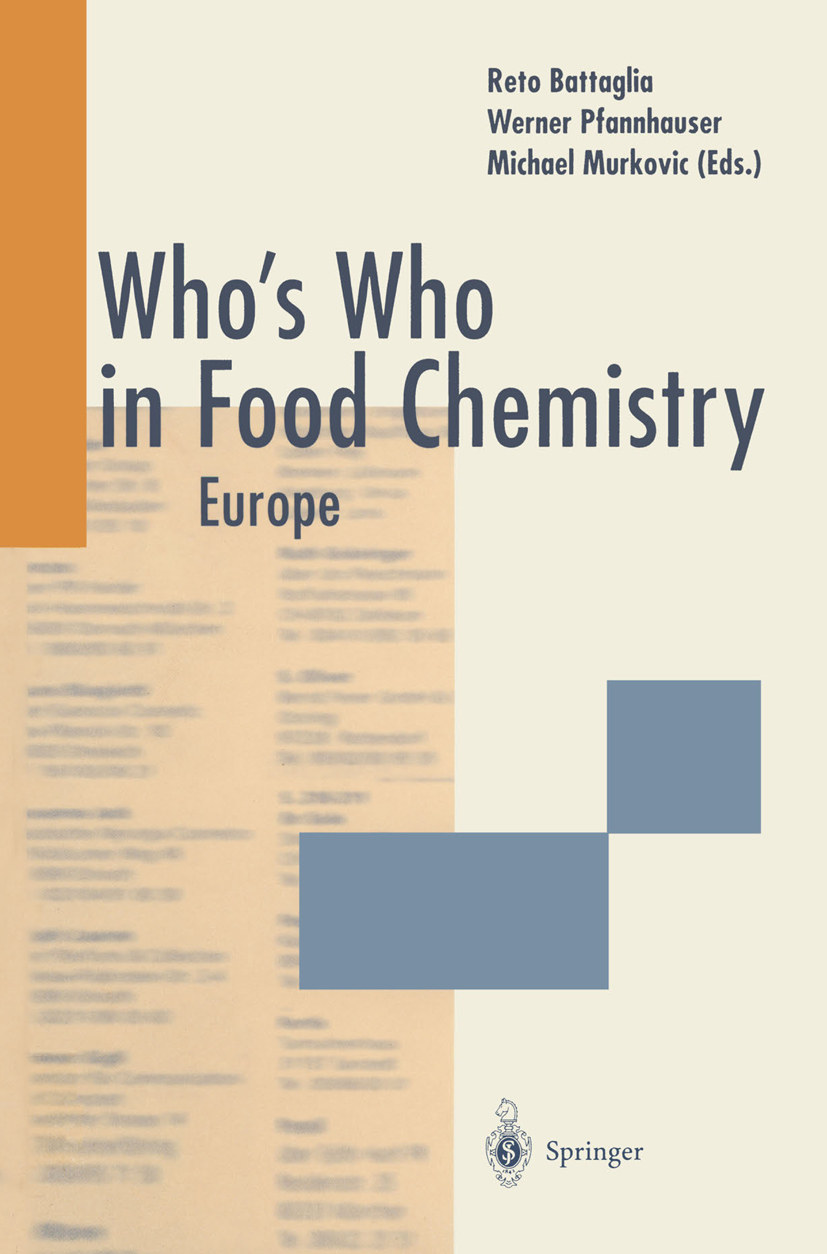
Who’s Who in Food Chemistry The FCES Working Party on Food Chemistry was stimulated by many inquiries and suggestions of their member delegates to start a project called "Who' s Who in Foode Science - Europe" It turned out that there is a real need to contact scientific partners all over Europe and establish cooperation and obtain information in the own field of interest as quickly as possible. A project group within the FECS Working Party on Food Chemistry located in Austria at the Graz University of Technologie was formed and questionnaires were distributed by the national delegates. As a first result this booklet has been edited on the occasion of EURO FOOD CHEM VIII Conference in Vienna (18 - 20 September 1995). It is somewhat a "Zero-Edition" with the purpose to make known to the scienti fic audience what is planned and to ask for suggestions and comments. The editors would like to emphasize that all European scientists active in the field of food science are kindly requested to fill in a questionnaire and contribute by doing so to an enlarged edition a useful publication promoting communication between food scientists throughout Europe. TECHNOLOGY & ENGINEERING,Food Science,General
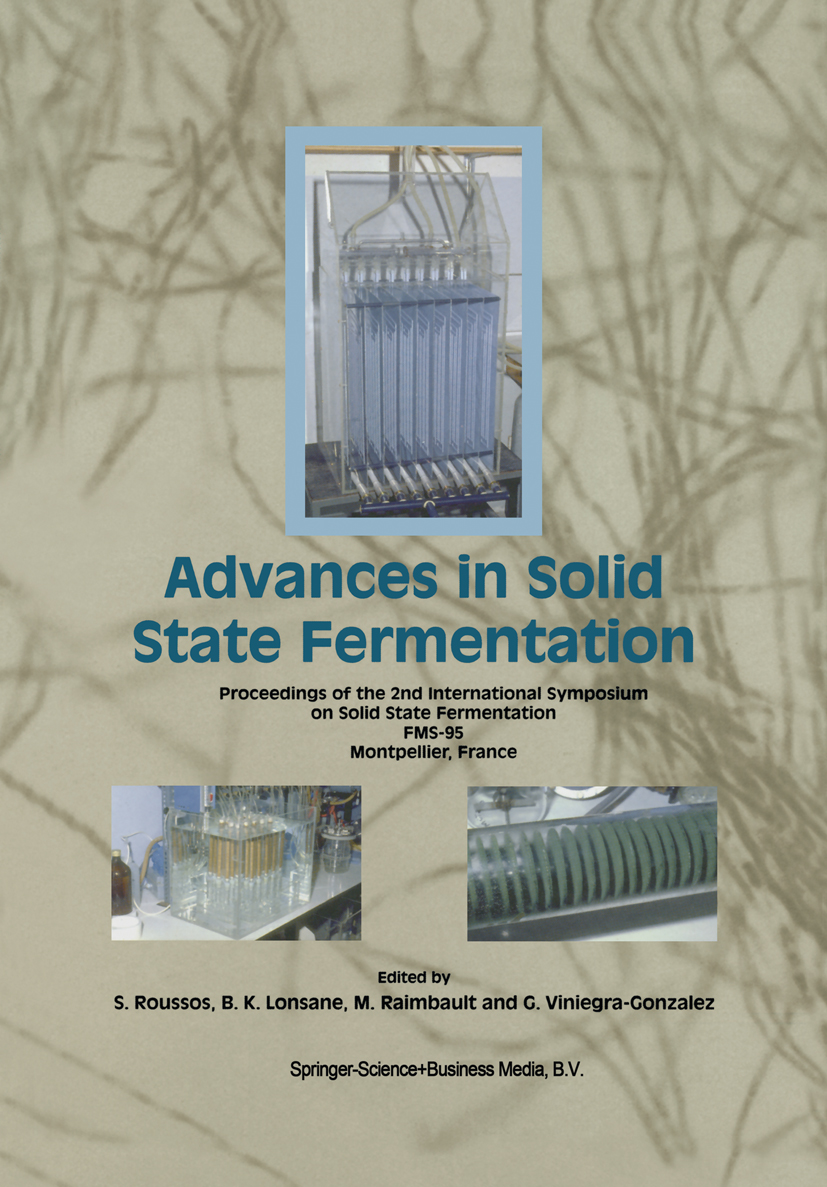
Advances in Solid State Fermentation Proceedings of the 2nd International Symposium on Solid State Fermentation FMS-95, Montpellier, France TECHNOLOGY & ENGINEERING,Food Science,General
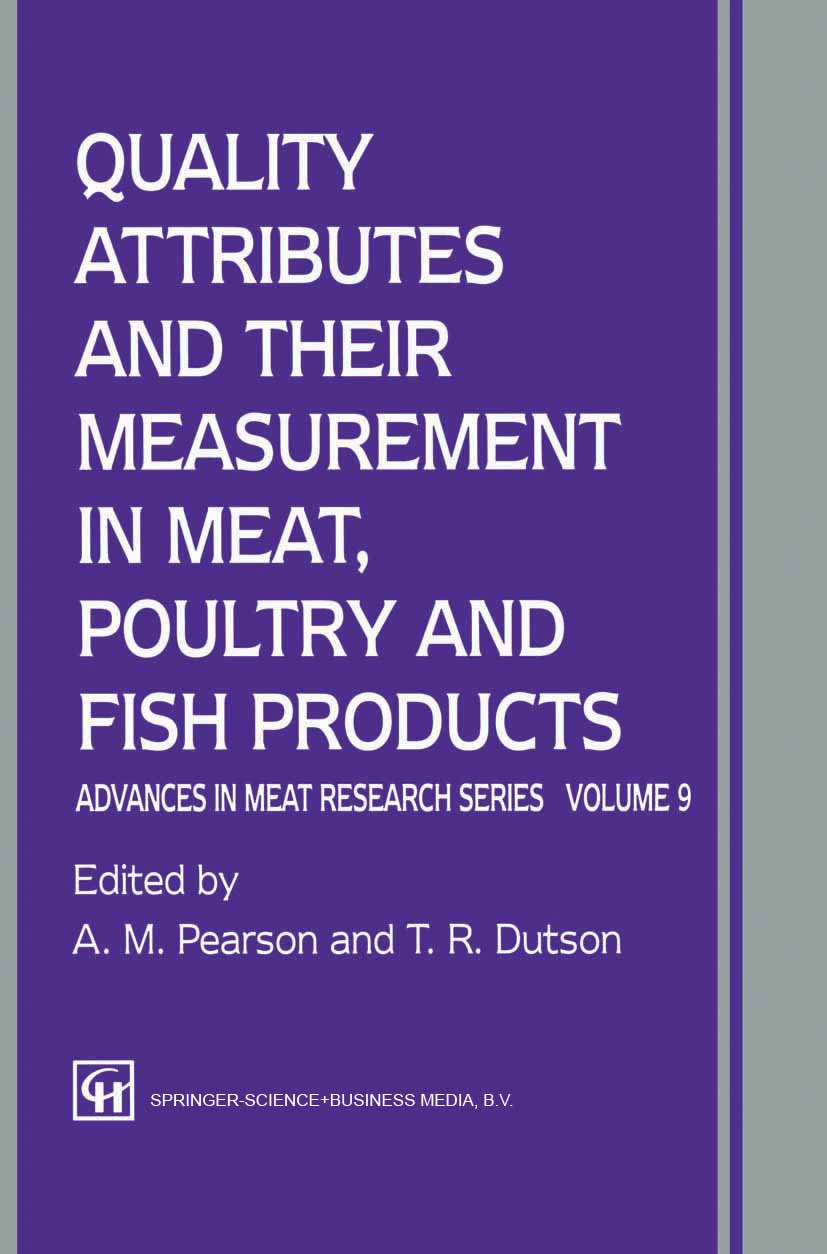
Quality Attributes and their Measurement in Meat, Poultry and Fish Products The theme for this volume was chosen because no previous book has discussed the quality attributes of meat, poultry and fish and the methods that can be utilized for their measurement. The topics are not only timely but of great importance. Chapter I provides an introduction to the topic and presents a brief overview of the subject to be discussed. The next two chapters review information on the importance of color and some color problems in muscle foods, and explains the basis of color vision and perception of color before describing the methods that may be used for its measure ment. The following chapter discusses water binding and juiciness and their importance, while Chapter 5 provides the first intensive modern review on measurement of juiciness that has been published (to the knowledge of the author and editors). Chapter 6 reviews the physiology and psychology of flavor and aroma, which serves as a background for further discussion on the flavor and aroma of foods. The next chapter discusses the chemistry of flavor and aroma in muscle foods, while measurement of flavor and aroma are covered in Chapter 8. Chapter 9 reviews the species-specific meat flavors and aromas. Chapter 10 reviews some flavor and aroma problems in muscle foods and their measurement. TECHNOLOGY & ENGINEERING,Food Science,General
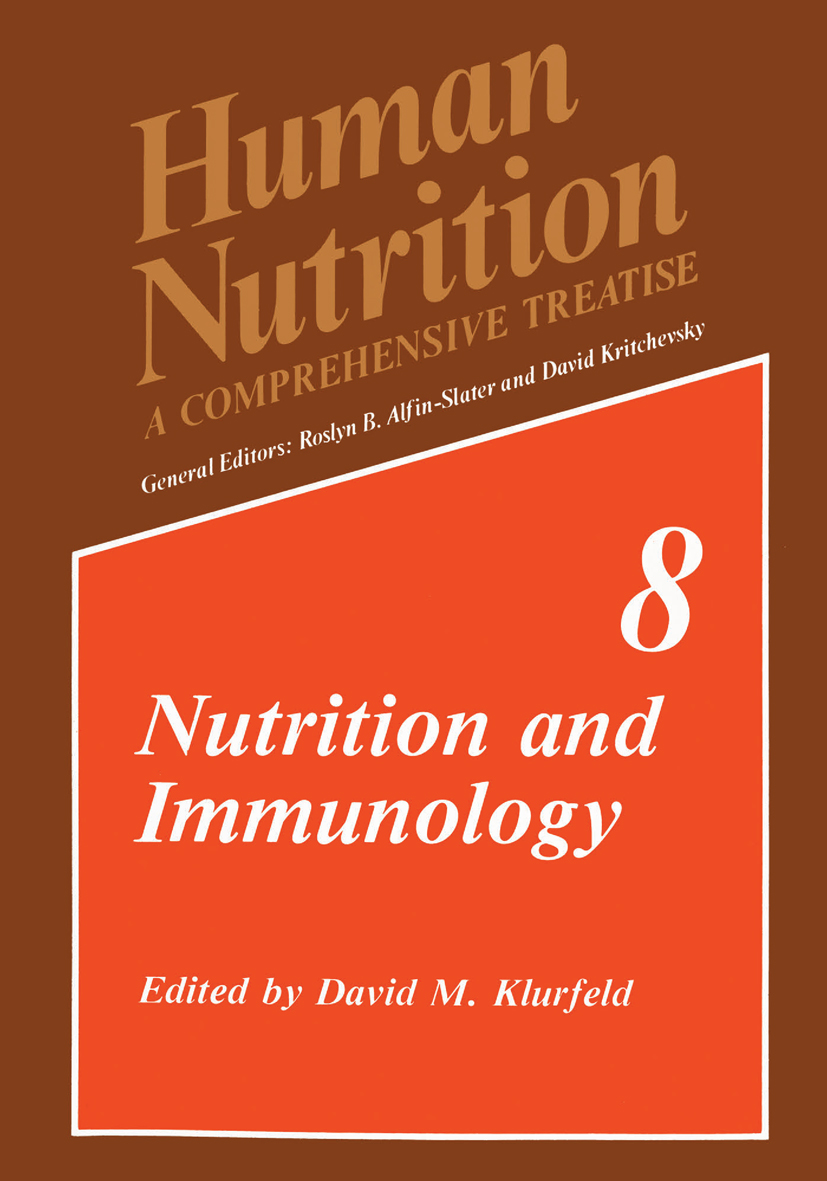
Nutrition and Immunology Historically, nutrient deficiencies have been of greater concern than dietary excess. However, along with the realization that deaths due to certain diseases are more prevalent in affluent countries came the conclusion that nutritional excess is of equal or in greater concern in many nations. Because immunologic reactions may play a role development of both cancer and atherosclerosis, better understanding of these interre lated phenomena may lead to innovative ideas for control of these diseases. There has been considerable interest in the role various nutrients may play in regulating immunologic responses. This has been especially true as a possible mecha nism by which fat modulates growth of tumors in animals. Likewise, deficiency or excess of a number of other individual nutrients have been linked to altered immune responses. This volume of Human Nutrition-A Comprehensive Treatise details the effects of a number of nutrients on immunity. The first chapter covers questionable and fraudu lent claims linking nutrition and immunity. The next chapter examines several aspects of food allergy. Ensuing chapters focus on specific nutrients such as fat, cholesterol, arginine, vitamins C, A, and E, carotenoids, flavonoids, zinc, iron, copper, and sele nium. There are two chapters on total energy intake affecting immune response, one examining protein-energy malnutrition and the other describing the effects of food restriction in otherwise healthy animals. TECHNOLOGY & ENGINEERING,Food Science,General
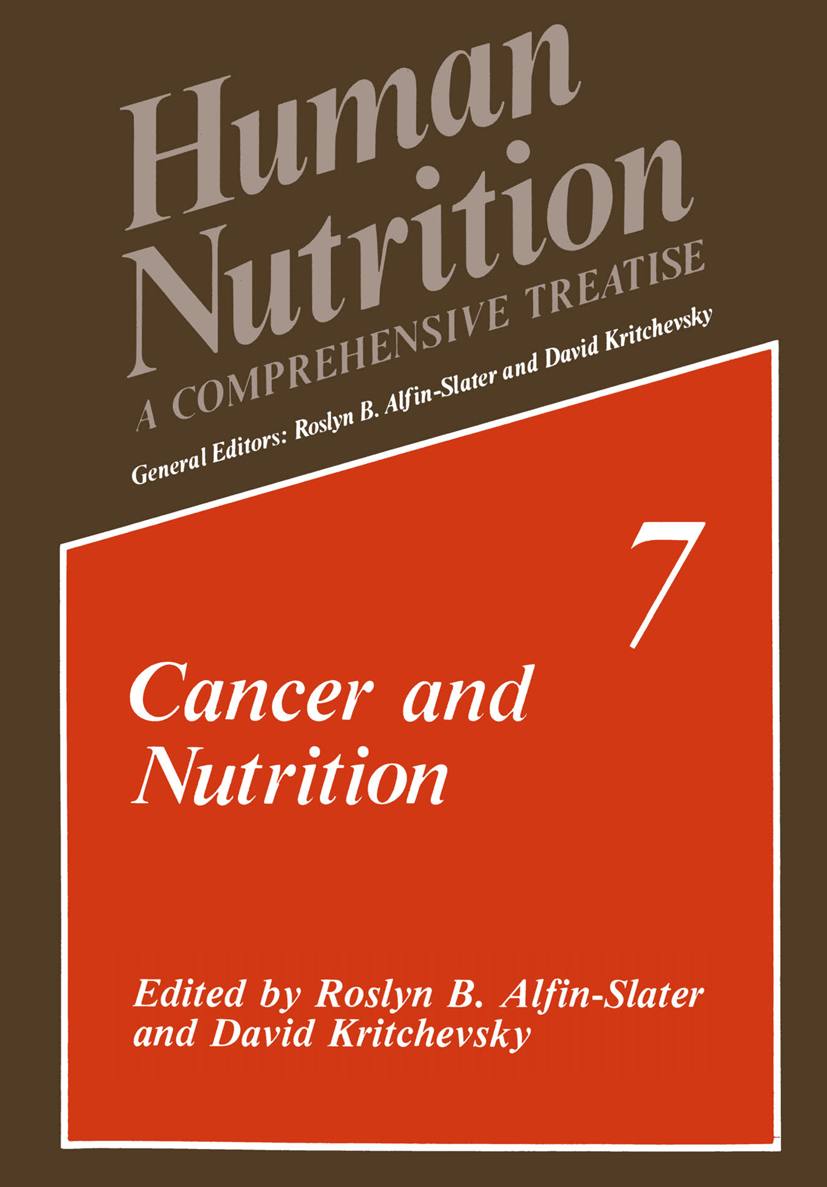
Cancer and Nutrition The role of nutrition in neoplasia has been of longstanding concern. The subject was addressed by investigators in the first decade of this century, but was dropped. Vigorous attention was paid to this area of oncology in the 1940s, primarily due to the efforts of Dr. A. Tannenbaum at the Michael Reese Hospital in Chicago and the group at the University of Wisconsin in Madison. However, interest waned again until the 1970s when the question of diet and cancer was addressed and it has since been at the forefront of cancer research. The present volume (7) of Human Nutrition: A Comprehensive Treatise summarizes current knowledge in the area of nutrition and cancer. The first chapter is an overview written by John Higginson, whose contribution to understanding of cancer and nutrition spans several decades. The next essays cover epidemiology and physiology. The ensuing chapters address, in tum, those dietary factors relating to nutrition and cancer, namely, carbohydrates, protein, fat, cholesterol, calories, lipotropics, fiber, fruits and vegetables, vitamins, and alcohol. In a field moving as rapidly as this one is now, we can expect to miss a few late-breaking developments, but generally, the literature has been well covered through some time in 1988. Work relating to the effects of diet on oncogenes is in its very early development and has not been addressed as an entity per se. TECHNOLOGY & ENGINEERING,Food Science,General

Nutrition and Osteoporosis Nutrition and Osteoporosis: Seeing Through a Glass, Darkly (1 Cor. 13:12) This volume of Advances in Nutritional Research deals with the present state of knowledge relative to the role of nutrition in the etiology of osteoporosis, one of the most serious degenerative diseases in the aging population. As a back drop for subsequent chapters on specific nutrients, Chapter 1 provides a com prehensive account of the gain and loss of bone throughout the life cycle, with emphasis on the architectural changes in later life that predispose to osteoporotic bone fractures. Chapter 2 documents the occurrence of aging bone loss through out human archeological history and Chapter 3 extends this documentation to all non-human vertebrate species so far examined, including primates living in the wild. It is apparent that a progressive loss of bone tissue is a normal accompaniment of aging among higher vertebrates. Whether it is a cause of bone fractures in animals, as it is in humans, is still unknown. It has also been established that there are significant differences in the frequency of osteoporotic fractures among human families, ethnic groups, national populations and diet cultures. Numerous studies have been carried out in an effort to explain these differences, and many of these deal with the possible effect of nutrition. Protracted controversies over the role of nutrition in the etiology of osteoporosis are reflected in the contents of several of the ensuing chapters. TECHNOLOGY & ENGINEERING,Food Science,General
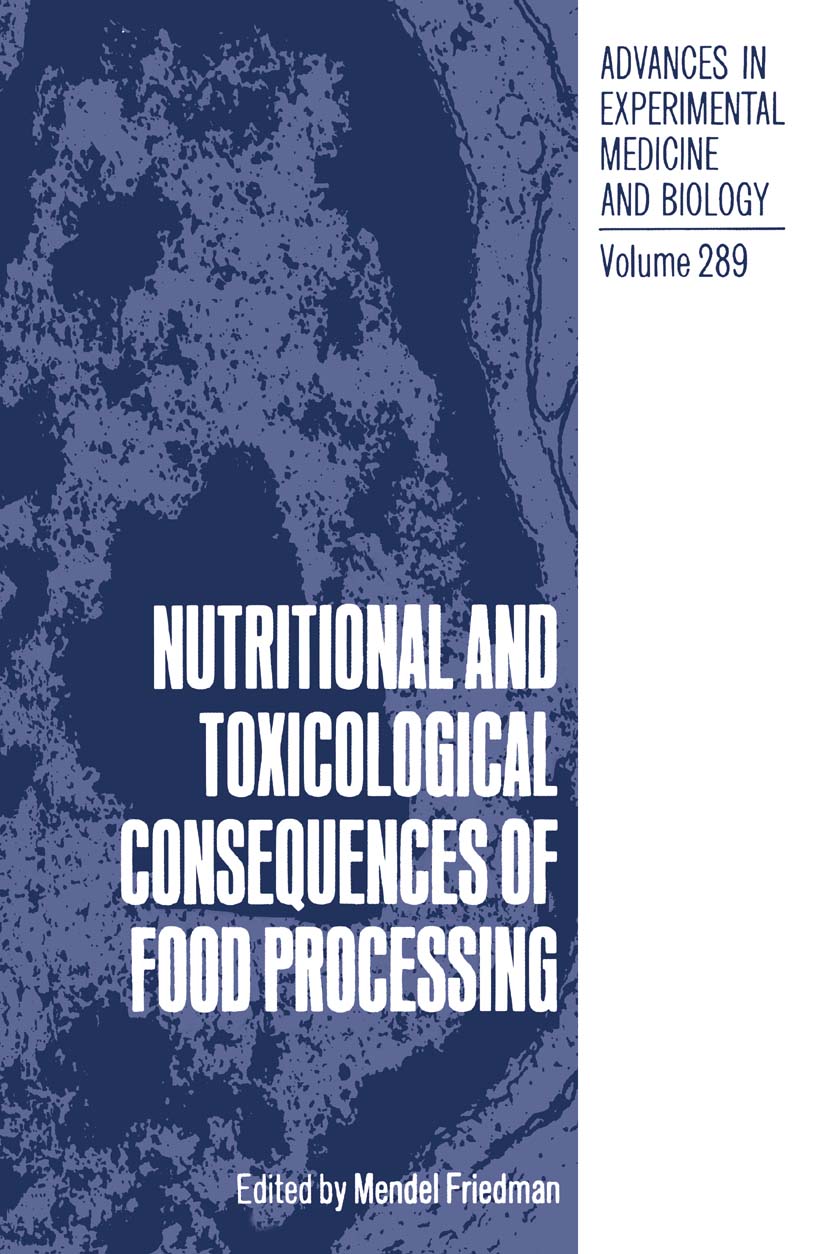
Nutritional and Toxicological Consequences of Food Processing Proceedings of an American Institute of Nutrition and Federation of American Society for Experimental Biology Symposium, held in Washington, DC, April 1--5, 1990 TECHNOLOGY & ENGINEERING,Food Science,General
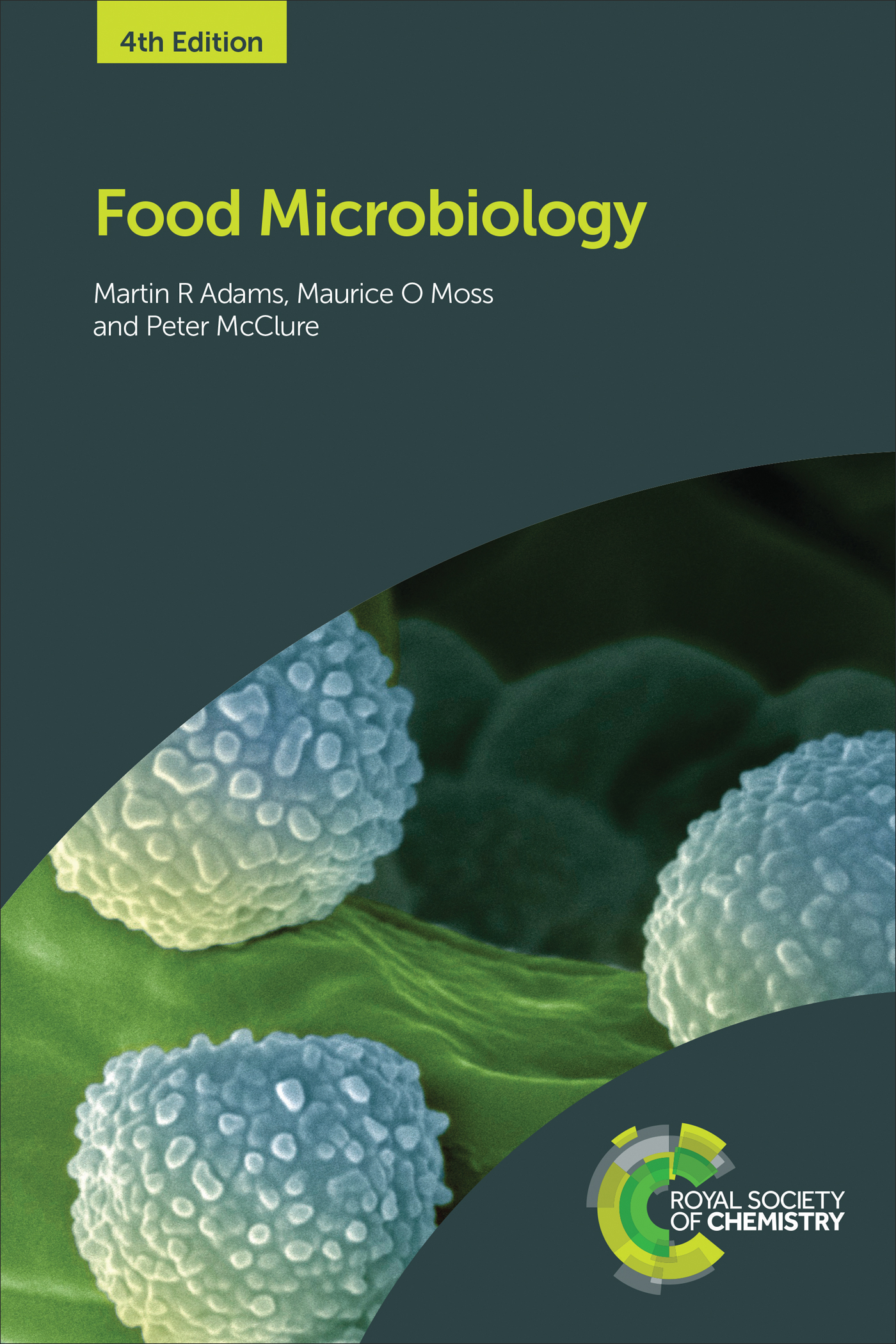
Food Microbiology Maintaining its general structure and philosophy to encompass modern food microbiology, this new edition provides updated and revised chapters for students in the biological sciences, biotechnology and food science as well as a valuable resource for researchers, teachers and practising food microbiologists. TECHNOLOGY & ENGINEERING,Food Science,General

Fish and Fish Oil in Health and Disease Prevention Fish and Fish Oil in Health and Disease Prevention provides an authoritative review of the role of fish and fish oil intake in the promotion of human health. This up-to-date volume provides a complete examination of intake patterns as well as research evidence of intake in disease prevention and treatment. Readers will gain knowledge ranging from the current state of fish and fish oil intake, their health promoting effects and influences on individual response, how they influence development and health maintenance through the life cycle, and their role in disease prevention and treatment. This book is an invaluable resource for all researchers working to understand the relationship between fish and human health. It is a valuable reference for nutritionists, dietitians, and health care providers. Imparts a valuable understanding of fish intake patterns around the world and the role of fish and fish oil in human health through the lifecycle Offers an understanding of the role of fish and fish oil in disease risk reduction and treatment Presents the current status of fish intake and recommended intake levels for human health Focuses on research on unique fish and oil sources and potential problems with fish availability TECHNOLOGY & ENGINEERING,Food Science,General
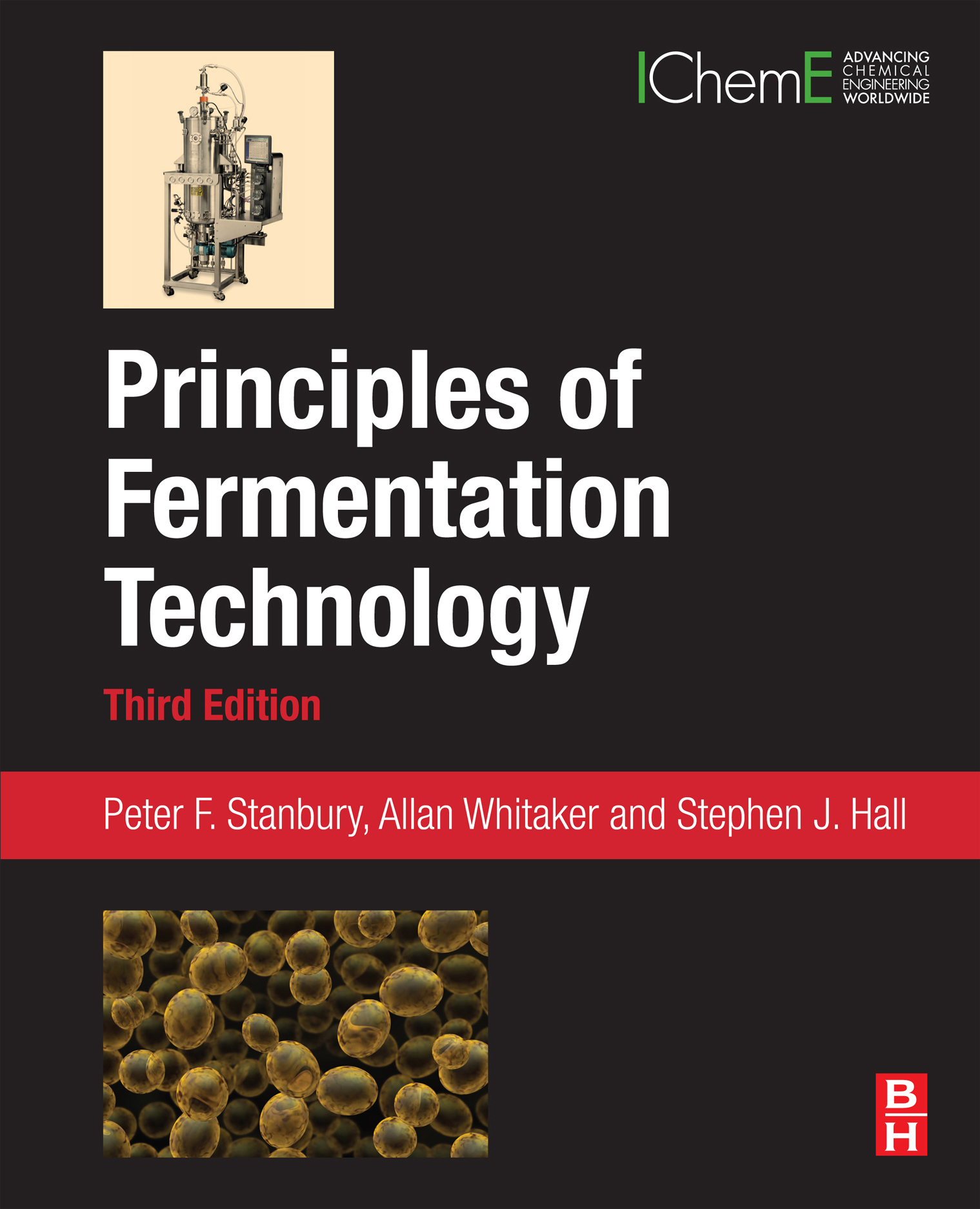
Principles of Fermentation Technology The successful structure of the previous edition of Principles of Fermentation Technology has been retained in this third edition, which covers the key component parts of a fermentation process including growth kinetics, strain isolation and improvement, inocula development, fermentation media, fermenter design and operation, product recovery, and the environmental impact of processes. This accurate and accessible third edition recognizes the increased importance of animal cell culture, the impact of the post-genomics era on applied science and the huge contribution that heterologous protein production now makes to the success of the pharmaceutical industry. This title is ideally suited for both newcomers to the industry and established workers as it provides essential and fundamental information on fermentation in a methodical, logical fashion. Stanbury, Whitaker and Hall have integrated the biological and engineering aspects of fermentation to make the content accessible to members of both disciplines with a focus on the practical application of theory. This text collates all the fermentation fundamentals into one concise reference, making it a valuable resource for fermentation scientists, as well as those studying in the field. Retains its successful structure and covers all components of the fermentation process Integrates the biological and engineering aspects of fermentation to discuss the most recent developments and advancements in the field Written in a style accessible to readers from either a biological or engineering background with each chapter supported by an extensive bibliography TECHNOLOGY & ENGINEERING,Food Science,General
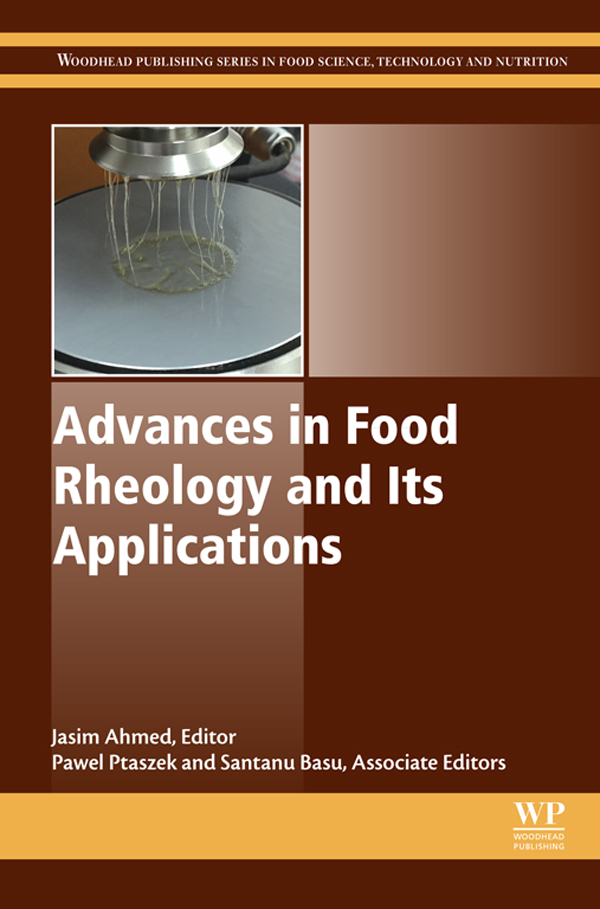
Advances in Food Rheology and Its Applications Advances in Food Rheology and Its Applications presents the latest advances in the measurement and application of food rheology, one of the most important tools for food companies when characterizing ingredients and final products, and a predictor of product performance and consumer acceptance. Split into two main focuses, the book gives in-depth analysis of the general advances in the field, with coverage of the relationship between food microstructure and rheology, the use of tribology in the study of oral processing, the use of large amplitude oscillatory shear (LAOS) measurement and Fourier-transform rheology in food, and the influence of fibers and particle size distribution on food rheology, as well as many other advances. Written by a leading international team of authors, the book provides an in-depth and state-of-the-art coverage of this essential topic on the consumer acceptance of food. Brings together top researchers in the field of rheology, providing in-depth and state-of-the-art coverage on an area of study essential for managing the quality of foods and gaining consumer acceptance Presents in-depth coverage of advances in rheology, many of which have never been featured before, including tribology, large amplitude oscillatory shear measurement, and the influence of fibers and particle size distribution on food rheology Contains information that is highly relevant to the industrialist who wants to improve the rheological properties of the foods with which they are working TECHNOLOGY & ENGINEERING,Food Science,General

Water Activity in Foods This second edition of Water Activity in Foods furnishes those working within food manufacturing, quality control, and safety with a newly revised guide to water activity and its role in the preservation and processing of food items. With clear, instructional prose and illustrations, the book’s international team of contributors break down the essential principles of water activity and water–food interactions, delineating water’s crucial impact upon attributes such as flavor, appearance, texture, and shelf life. The updated and expanded second edition continues to offer an authoritative overview of the subject, while also broadening its scope to include six newly written chapters covering the latest developments in water activity research. Exploring topics ranging from deliquescence to crispness, these insightful new inclusions complement existing content that has been refreshed and reconfigured to support the food industry of today. TECHNOLOGY & ENGINEERING,Food Science,General
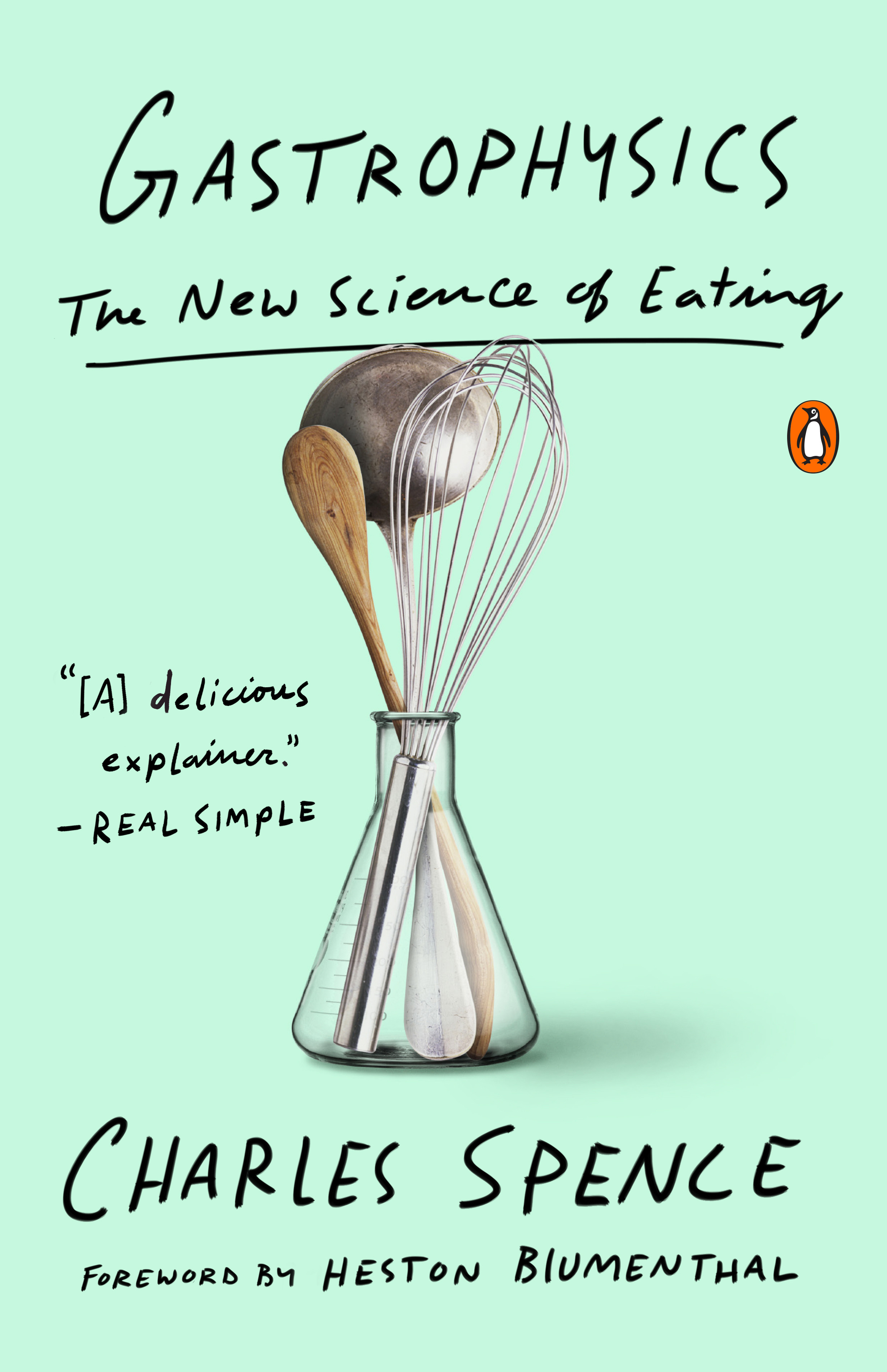
Gastrophysics The science behind a good meal: all the sounds, sights, and tastes that make us like what we're eating—and want to eat more. Why do we consume 35 percent more food when eating with one other person, and 75 percent more when dining with three? How do we explain the fact that people who like strong coffee drink more of it under bright lighting? And why does green ketchup just not work? The answer is gastrophysics, the new area of sensory science pioneered by Oxford professor Charles Spence. Now he's stepping out of his lab to lift the lid on the entire eating experience—how the taste, the aroma, and our overall enjoyment of food are influenced by all of our senses, as well as by our mood and expectations. The pleasures of food lie mostly in the mind, not in the mouth. Get that straight and you can start to understand what really makes food enjoyable, stimulating, and, most important, memorable. Spence reveals in amusing detail the importance of all the “off the plate” elements of a meal: the weight of cutlery, the color of the plate, the background music, and much more. Whether we’re dining alone or at a dinner party, on a plane or in front of the TV, he reveals how to understand what we’re tasting and influence what others experience. This is accessible science at its best, fascinating to anyone in possession of an appetite. Crammed with discoveries about our everyday sensory lives, Gastrophysics is a book guaranteed to make you look at your plate in a whole new way. TECHNOLOGY & ENGINEERING,Food Science,General
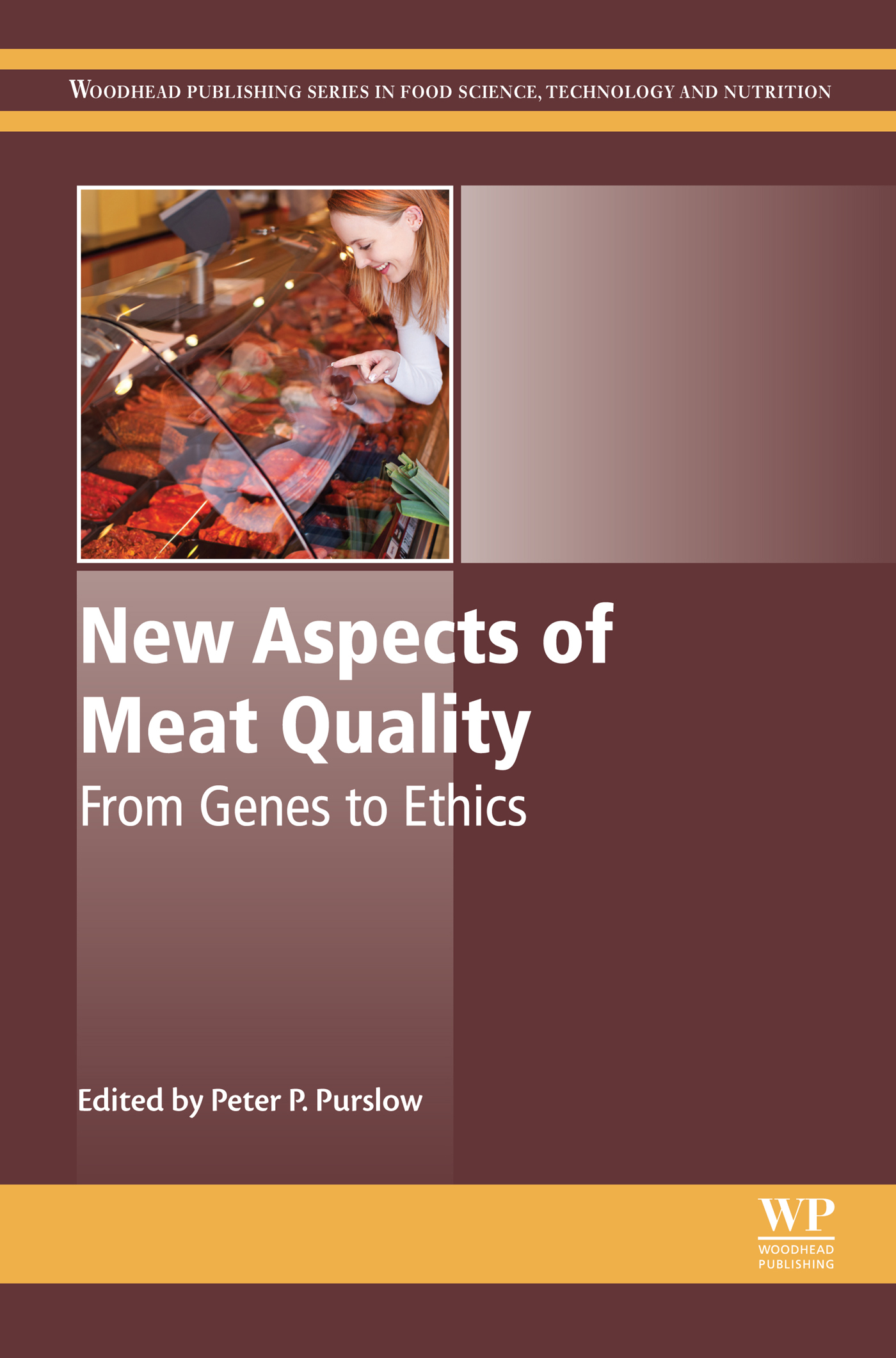
New Aspects of Meat Quality New Aspects of Meat Quality: From Genes to Ethics provides a reference source that covers what constitutes meat quality in the minds of consumers, marketers, and producers in the 21st century, using the same scientific authority as texts on traditional meat quality values. Traditional measures in meat quality, such as texture, waterholding, color, flavor/aroma, safety/microbiology, and processing characteristics are still important, however, additional quality attributes now have huge importance in the purchasing intentions of consumers in many countries. These include, amongst others, animal welfare, the impacts of meat on human health, quality assurance schemes, organic/free range, ethical meat production, and the desirability of genetically modified organisms. The book is divided into three main sections, with the first section covering the developments in our understanding of how muscle structure affects the eating qualities of cooked meat. The second section highlights recently developed techniques for measuring, predicting, and producing meat quality, and how these new techniques help us minimize variability in eating quality and/or maximize value. The final section identifies the current qualities of consumer and public perceptions, and what is sustainable, ethical, desirable, and healthy in meat production and consumption. Brings together top researchers in the field to provide a comprehensive overview of the new elements of meat quality Provides a reference source that covers the new aspects of meat quality with the same scientific authority as texts on traditional meat quality values Edited by an extremely well respected expert in the field who is an Associate Editor of the journal Meat Science (published by Elsevier), the largest global journal within this area TECHNOLOGY & ENGINEERING,Food Science,General
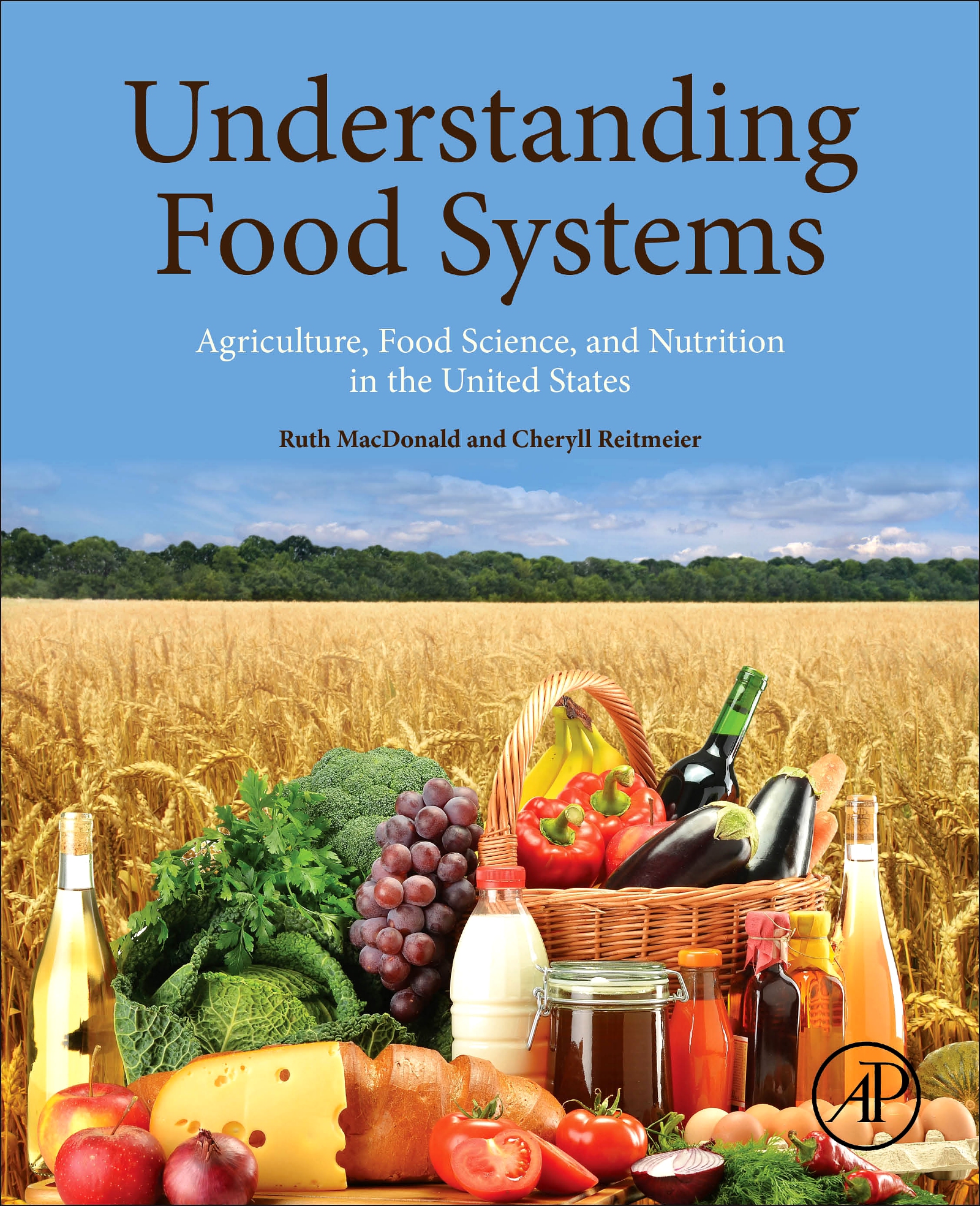
Understanding Food Systems Understanding Food Systems: Agriculture, Food Science, and Nutrition in the United States explores the complex and evolving system from which the United States gets its food. From farm, to home, and everything in-between, the authors use a scientific perspective that explains the fundamentals of agricultural production, food science, and human nutrition that will guide readers through the issues that shape our food system, including political, societal, environmental, economic, and ethical concerns. Presenting the role and impact of technology, from production to processing and safety, to cultural and consumer behavior perspectives, the book also explores the link between food systems and the history of nutrients and diet patterns, and how these influence disease occurrence. Current topics of concern and debate, including the correlations between food systems and diet-related diseases, such as obesity and diabetes are explored, as are the history and current status of food insecurity and accessibility. Throughout the text, readers are exposed to current topics that play important roles in personal food choices and how they influence components of the food system. Presents the evolution of the US food system, from historical beginnings, to current consumer and political roles and responsibilities Provides farm to fork insights on production and consumption practices in the United States Explores complex topics in call-out boxes throughout the text to help readers understand the various perspectives on controversial topics TECHNOLOGY & ENGINEERING,Food Science,General

Food Analysis This fifth edition provides information on techniques needed to analyze foods for chemical and physical properties. The book is ideal for undergraduate courses in food analysis and is also an invaluable reference to professionals in the food industry. General information chapters on regulations, labeling, sampling, and data handling provide background information for chapters on specific methods to determine chemical composition and characteristics, physical properties, and objectionable matter and constituents. Methods of analysis covered include information on the basic principles, advantages, limitations, and applications. Sections on spectroscopy and chromatography along with chapters on techniques such as immunoassays, thermal analysis, and microscopy from the perspective of their use in food analysis have been expanded. Instructors who adopt the textbook can contact the editor for access to a website with related teaching materials. TECHNOLOGY & ENGINEERING,Food Science,General
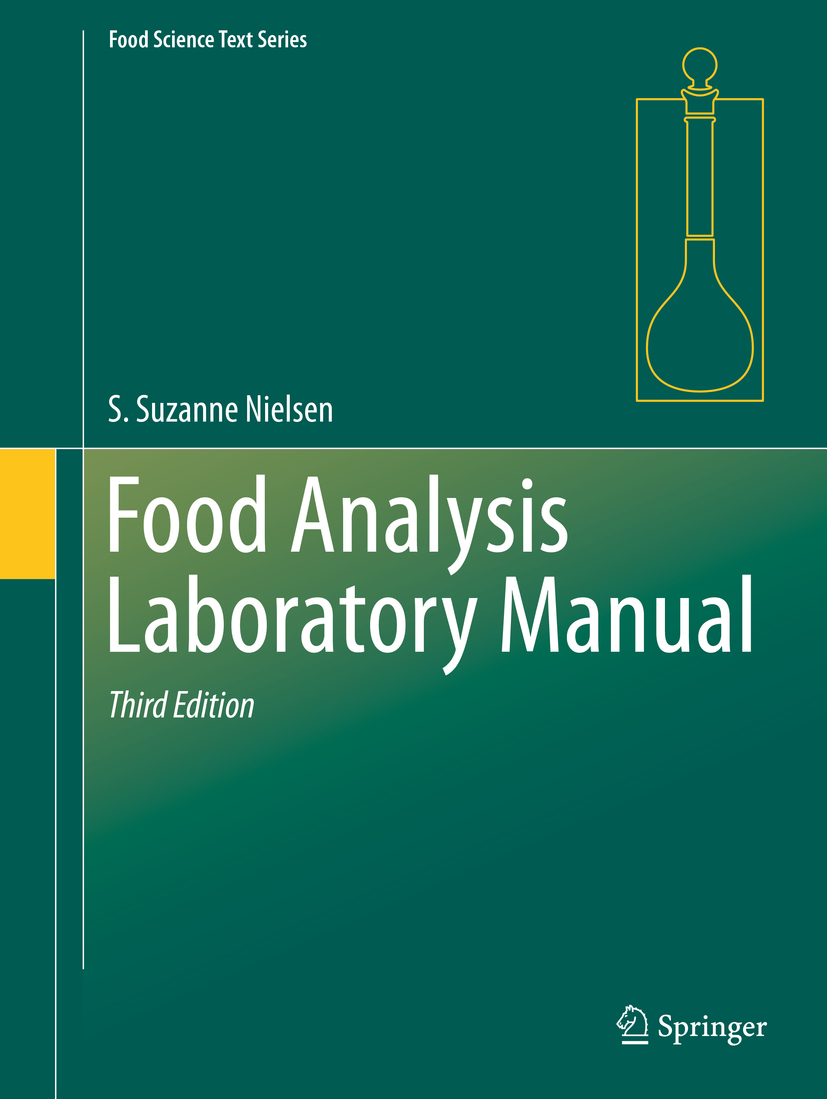
Food Analysis Laboratory Manual This third edition laboratory manual was written to accompany Food Analysis, Fifth Edition, by the same author. New to this third edition of the laboratory manual are four introductory chapters that complement both the textbook chapters and the laboratory exercises. The 24 laboratory exercises in the manual cover 21 of the 35 chapters in the textbook. Many of the laboratory exercises have multiple sections to cover several methods of analysis for a particular food component or characteristic. Most of the laboratory exercises include the following: background, reading assignment, objective, principle of method, chemicals, reagents, precautions and waste disposal, supplies, equipment, procedure, data and calculations, questions, and references. This laboratory manual is ideal for the laboratory portion of undergraduate courses in food analysis. TECHNOLOGY & ENGINEERING,Food Science,General
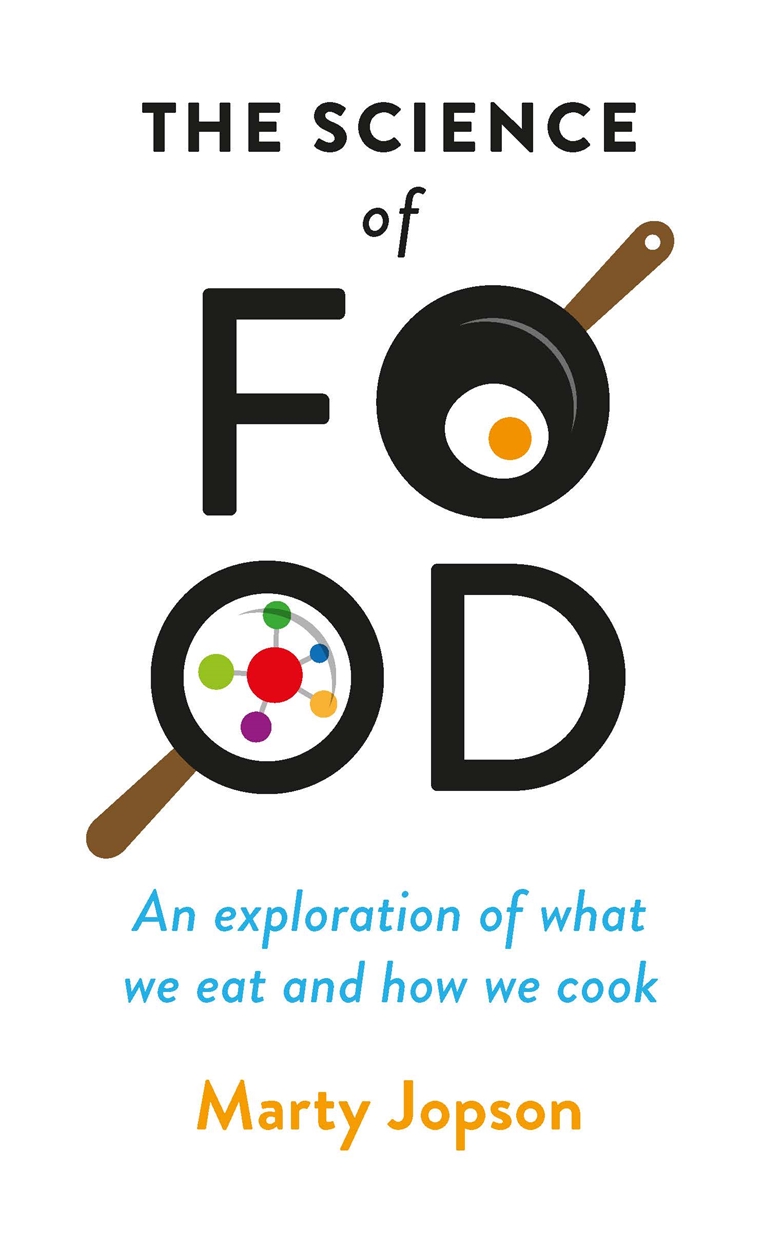
The Science of Food In this fascinating and easily digestible book, The One Show’s resident scientist Marty Jopson takes us on a mouth-watering tour of the twenty-first century kitchen and the everyday food miracles that we all take for granted. Ever wondered what modified starch is and why it’s in so much of the food we buy? What do instant mash and freeze-dried coffee have in common? What’s the real truth behind the five-second rule? And as the world population grows and the pressure on agriculture to produce more cost-effective and sustainable products increases, what could the future hold for both farmers and consumers?From mindboggling microbiology to ingenious food processing techniques and gadgets, The Science of Food takes a look at the details that matter when it comes to what we eat and how we cook, and lays bare the science behind how it all works. By understanding the chemistry, physics and biology of the food we cook, buy and prepare, we can all become better consumers and happier cooks! TECHNOLOGY & ENGINEERING,Food Science,General
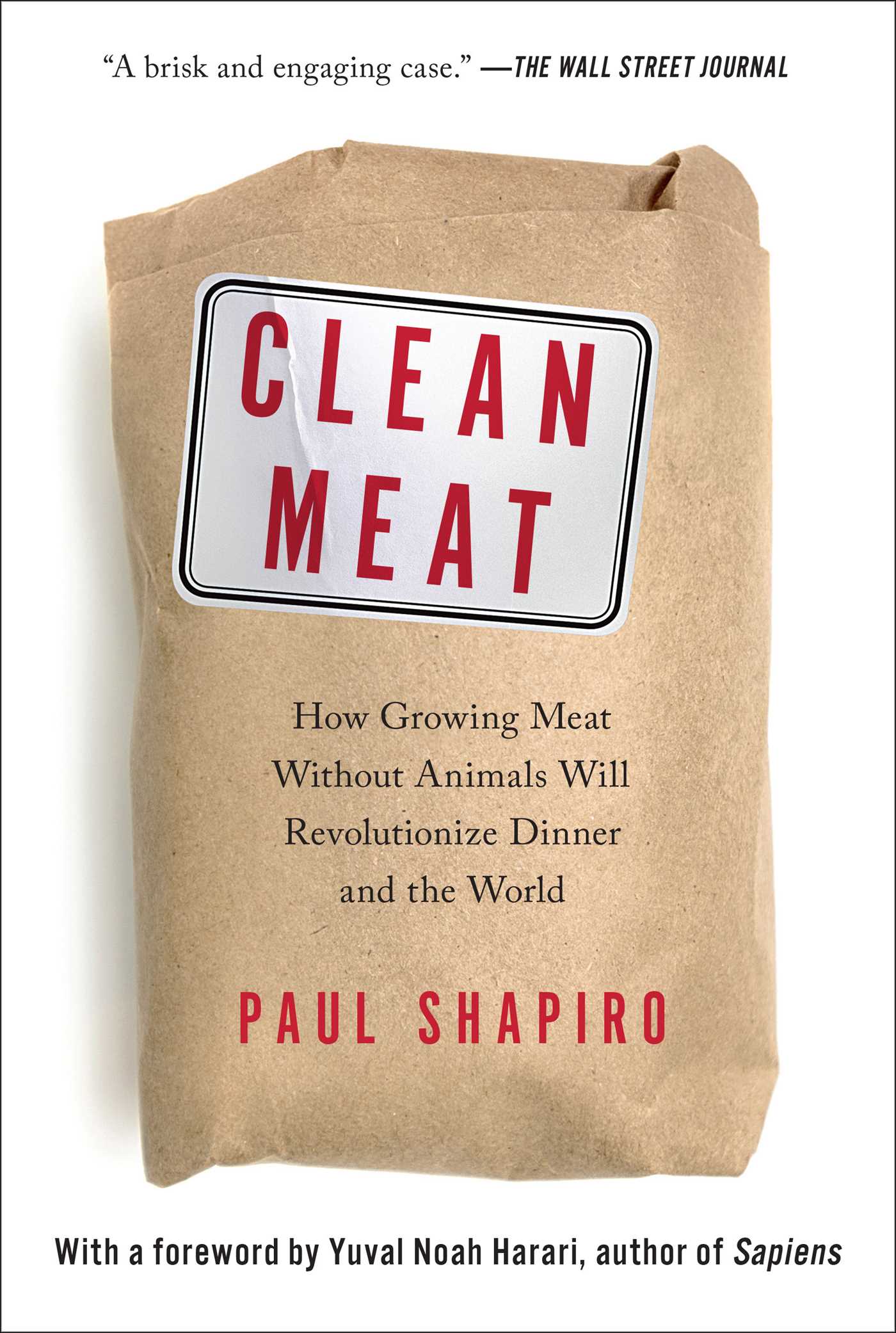
Clean Meat Paul Shapiro gives you a front-row seat for the wild story of the race to create and commercialize cleaner, safer, sustainable meat—real meat—without the animals. From the entrepreneurial visionaries to the scientists’ workshops to the big business boardÂrooms—Shapiro details that quest for clean meat and other animal products and examines the debate raging around it. Since the dawn of Homo sapiens some quarter million years ago, animals have satiated our species’ desire for meat. But with a growing global populaÂtion and demand for meat, eggs, dairy, leather, and more, raising such massive numbers of farm animals is woefully inefficient and takes an enormous toll on the planet, public health, and certainly the animals themselves. But what if we could have our meat and eat it, too? The next great scientific revolution is underway—discovering new ways to create enough food for the world’s ever-growing, ever-hungry population. Enter clean meat—real, actual meat grown (or brewed!) from animal cells—as well as other clean foods that ditch animal cells altogether and are simply built from the molecule up. Also called lab-grown meat, cultured meat, or cell-based meat, this race promises promise to bring about another domestication. Whereas our ancestors domesticated wild animals into livestock, today we’re beginning to domesticate their cells, leaving the animals out of the equation. From one single cell of a cow, you could feed an entire village. And the story of this coming “second domesticaÂtion†is anything but tame. TECHNOLOGY & ENGINEERING,Food Science,General

Microbiology in Dairy Processing An authoritative guide to microbiological solutions to common challenges encountered in the industrial processing of milk and the production of milk products Microbiology in Dairy Processing offers a comprehensive introduction to the most current knowledge and research in dairy technologies and lactic acid bacteria (LAB) and dairy associated species in the fermentation of dairy products. The text deals with the industrial processing of milk, the problems solved in the industry, and those still affecting the processes. The authors explore culture methods and species selective growth media, to grow, separate, and characterize LAB and dairy associated species, molecular methods for species identification and strains characterization, Next Generation Sequencing for genome characterization, comparative genomics, phenotyping, and current applications in dairy and non-dairy productions. In addition, Microbiology in Dairy Processing covers the Lactic Acid Bacteria and dairy associated species (the beneficial microorganisms used in food fermentation processes): culture methods, phenotyping, and proven applications in dairy and non-dairy productions. The text also reviews the potential future exploitation of the culture of novel strains with useful traits such as probiotics, fermentation of sugars, metabolites produced, bacteriocins. This important resource: Offers solutions both established and novel to the numerous challenges commonly encountered in the industrial processing of milk and the production of milk products Takes a highly practical approach, tackling the problems faced in the workplace by dairy technologists Covers the whole chain of dairy processing from milk collection and storage though processing and the production of various cheese types Written for laboratory technicians and researchers, students learning the protocols for LAB isolation and characterisation, Microbiology in Dairy Processing is the authoritative reference for professionals and students. TECHNOLOGY & ENGINEERING,Food Science,General

The Bifidobacteria and Related Organisms The Bifidobacteria and Related Organisms: Biology, Taxonomy, Applications brings together authoritative reviews on all aspects of Bifidobacteria and related genera. Their place within the Phylum Actinobacteria is discussed first, and this is followed by descriptions of the genera Bifidobacterium, Alloscardovia, Aeriscardovia, Bombiscardovia, Gardnerella, Metascardovia, Parascardovia and Scardovia and the currently accredited species within those genera. The increased availability of genome sequences and molecular tools for studying bifidobacteria provides important information about their taxonomy, physiology and interactions with their host. Also considerations about common bifidobacterial core maintenance during the mutual coevolution of a host and its intestinal microbes could be relevant for health claims for the ability of symbiotic gut bacteria to provide health benefits to their host, and for evaluating such claims in scientifically valid experiments. Chemotaxonomy is important to our understanding of these genera and so is considered along with physiological and biochemical aspects before proceeding to examine clinical and other practical aspects. The ability to maintain pure cultures and to grow cells in industrial quantities when required for applications requires that the cells’ environmental and nutritional needs are well understood. Some species are important clinically and as animal digestive tract synbionts—and even play a part in honey production—so these matters are considered along with milk oligosaccharides’ roles in gut flora development in neonates. Presents information on all bacteria in this group in one place Provides applications and technological considerations placed alongside more academic matters such as nomenclature and phylogeny Includes basic information on the beneficial role of bifidobacteria in the human gut, with particular importance for infants Provides information on genomic and gene modification technologies TECHNOLOGY & ENGINEERING,Food Science,General

Hidden Persuaders in Cocoa and Chocolate Hidden Persuaders of Cocoa and Chocolate: A Flavor Lexicon for Cocoa and Chocolate Sensory Professionals provides an overview of the tastes, aromas and notes describing cocoa and chocolate. In addition to exploring tastes, aromas and notes, the book broadens the language for describing chocolate by relating tasting experiences to the process of pairing flavors. This resource, designed for both academics and those working in research and development, equips the reader to describe these attributes in a sensory language for the purposes of new product development or quality improvement. Provides an overview of the tastes, aromas and notes describing cocoa and chocolate Features scientific explanations of the volatile and non-volatile aspects of each flavor Contains science-based categorization of taste, various aromas, trigeminal sensations and atypical flavors TECHNOLOGY & ENGINEERING,Food Science,General

Hyperspectral Imaging Analysis and Applications for Food Quality In processing food, hyperspectral imaging, combined with intelligent software, enables digital sorters (or optical sorters) to identify and remove defects and foreign material that are invisible to traditional camera and laser sorters. Hyperspectral Imaging Analysis and Applications for Food Quality explores the theoretical and practical issues associated with the development, analysis, and application of essential image processing algorithms in order to exploit hyperspectral imaging for food quality evaluations. It outlines strategies and essential image processing routines that are necessary for making the appropriate decision during detection, classification, identification, quantification, and/or prediction processes. Features Covers practical issues associated with the development, analysis, and application of essential image processing for food quality applications Surveys the breadth of different image processing approaches adopted over the years in attempting to implement hyperspectral imaging for food quality monitoring Explains the working principles of hyperspectral systems as well as the basic concept and structure of hyperspectral data Describes the different approaches used during image acquisition, data collection, and visualization The book is divided into three sections. Section I discusses the fundamentals of Imaging Systems: How can hyperspectral image cube acquisition be optimized? Also, two chapters deal with image segmentation, data extraction, and treatment. Seven chapters comprise Section II, which deals with Chemometrics. One explains the fundamentals of multivariate analysis and techniques while in six other chapters the reader will find information on and applications of a number of chemometric techniques: principal component analysis, partial least squares analysis, linear discriminant model, support vector machines, decision trees, and artificial neural networks. In the last section, Applications, numerous examples are given of applications of hyperspectral imaging systems in fish, meat, fruits, vegetables, medicinal herbs, dairy products, beverages, and food additives. TECHNOLOGY & ENGINEERING,Food Science,General

Ultraviolet Light in Food Technology UV light is one of a number of emerging non-thermal food processing technologies that can be used in a broad range of applications producing food products with longer shelf-life, more safe, and with higher nutritional quality. The new edition of Ultraviolet Light in Food Technology: Principles and Applications will present recent understanding of the fundamentals of UV light along with new applied knowledge that has accumulated during the 7 years since the first edition published in 2009. The new edition of the book will have 11 chapters including 2 new chapters--on chemical destruction with UV light and food plant safety—along with 6 chapters greatly expanded and updated. TECHNOLOGY & ENGINEERING,Food Science,General
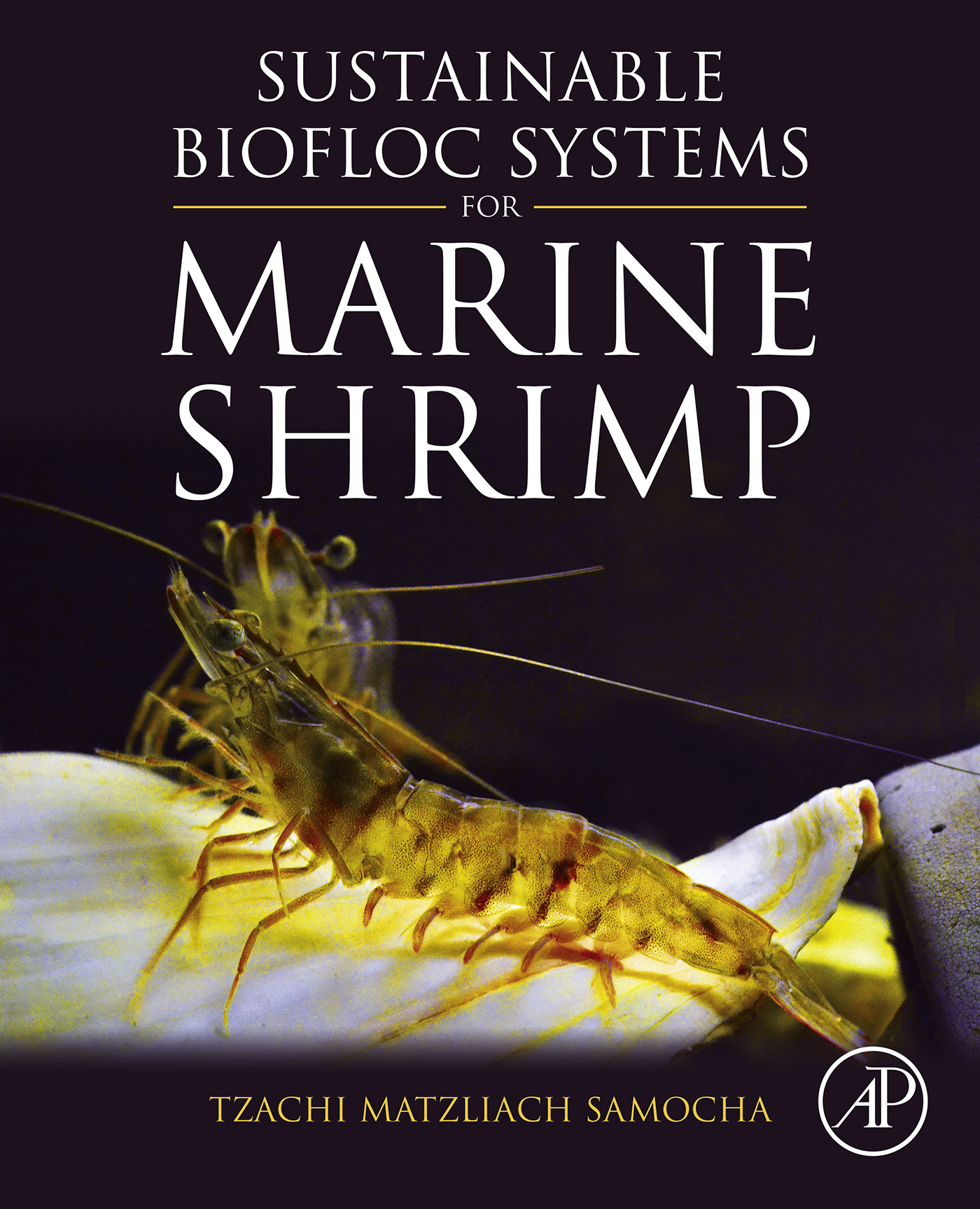
Sustainable Biofloc Systems for Marine Shrimp Sustainable Biofloc Systems for Marine Shrimp describes the biofloc-dominated aquaculture systems developed over 20 years of research at Texas A&M AgriLife Research Mariculture Laboratory for the nursery and grow-out production of the Pacific White Shrimp, Litopenaeus vannamei. The book is useful for all stakeholders, with special attention given to entrepreneurs interested in building a pilot biofloc-dominated system. In addition to the content of its 15 chapters that cover topics on design, operation and economic analysis, the book includes appendices that expand on relevant topics, links to Excel sheets that assist in calculations, and video links that illustrate important operations tasks. Presents the most recent trials on nursery & gross-out of L. vannamei Includes a discussion of site selection, equipment options and water sources Provides a step-by-step guides from tank preparation, to feeding and harvest TECHNOLOGY & ENGINEERING,Food Science,General

The Craft Brewing Handbook The Craft Brewing Handbook: A Practical Guide to Running a Successful Craft Brewery covers the practical and technical aspects required to set up and grow a successful craft brewing business. With coverage of equipment options, raw material choice, the brewing process, recipe development and beer styles, packaging, quality assurance and quality control, sensory evaluation, common faults in beer, basic analyses, and strategies to minimize utilities, such as water and energy, this book is a one-stop shop for the aspiring brewer. The craft brewing sector has grown significantly around the world over the past decade. Many new breweries are technically naïve and have a thirst for knowledge. This book not only covers how to maximize the chances of getting production right the first time, it also deals with the inevitable problems that arise and what to do about them. Focuses on the practical aspects of craft brewing Features chapters on equipment choice, QA/QC and analyses, and beer styles Provides insights into successful breweries around the globe TECHNOLOGY & ENGINEERING,Food Science,General
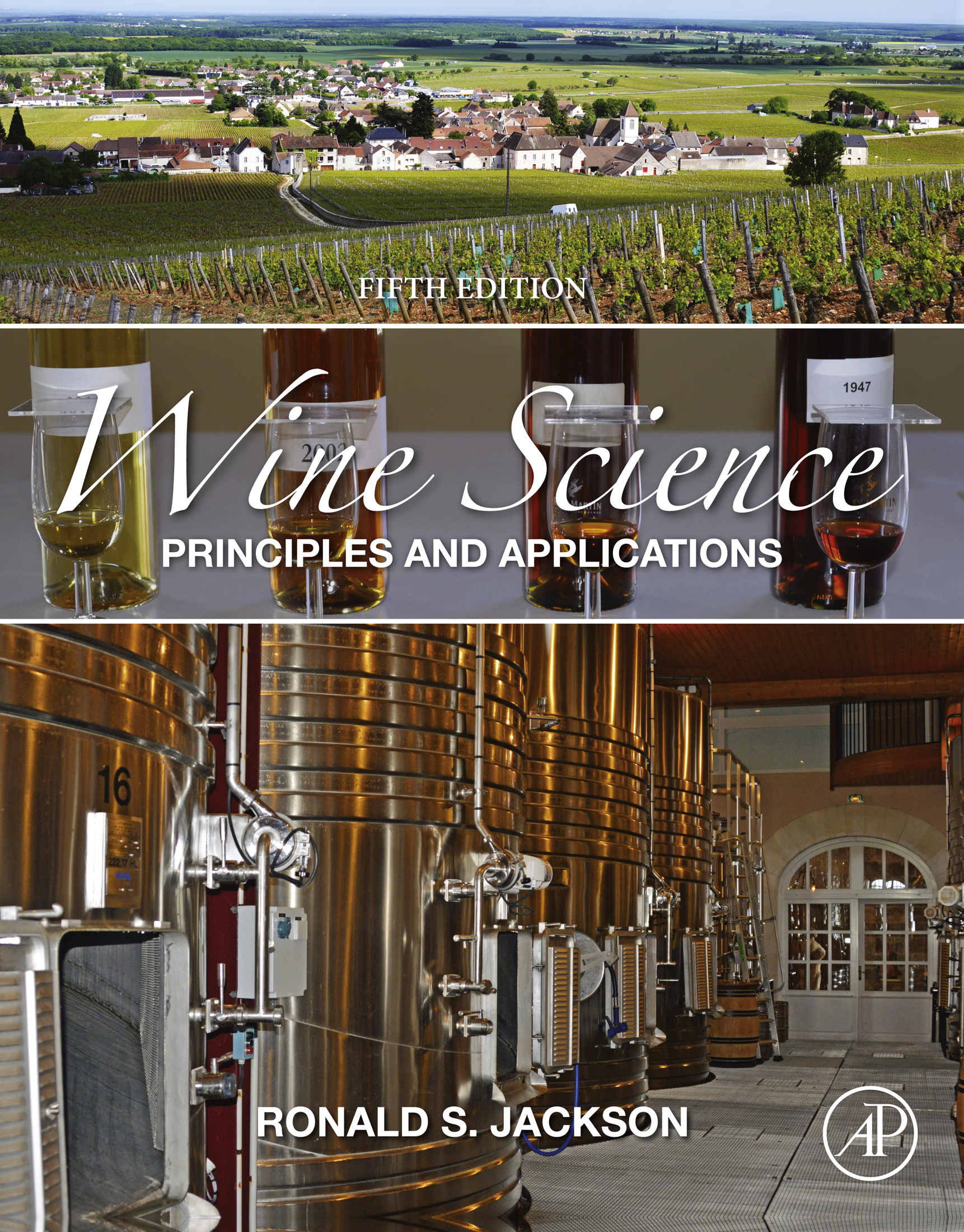
Wine Science Wine Science: Principles and Applications, Fifth Edition, delivers in-depth information and expertise in a single, science-focused volume, including all the complexities and nuances of creating a quality wine product. From variety, to the chemistry that transforms grape to fruit to wine, the book presents sections on the most important information regarding wine laws, authentication, the latest technology used in wine production, and expert-insights into the sensory appreciation of wine and its implications in health. This book is ideal for anyone seeking to understand the science that produces quality wines of every type. Presents thorough explanations of viticulture and winemaking principles from grape to taste bud Addresses historical developments in wine production, notably sparkling wines Provides techniques in grapevine breeding, notably CRISPR Compares production methods in a framework that provides insights into the advantages and disadvantages of each TECHNOLOGY & ENGINEERING,Food Science,General
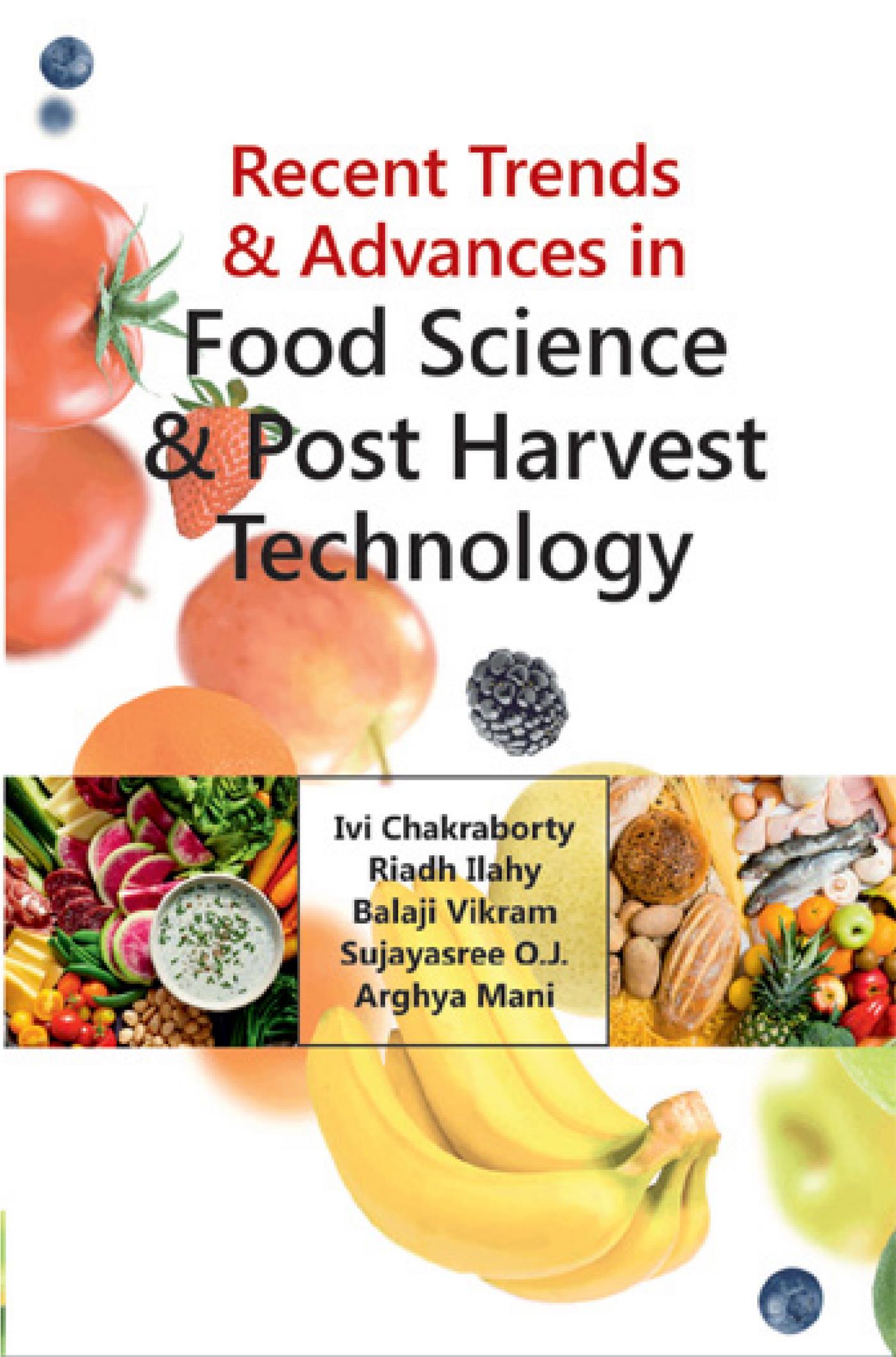
Recent Trends And Advances in Food Science And Post Harvest Technology The book is dedicated to the readers and researchers, who are interested to know about Food Science and Post Harvest Technology of crops. Post Harvest Technology is a dynamic and vibrant sector. New post harvest interventions and technologies are developing every day. The book covers some of the recent advances related to post harvest technology. TECHNOLOGY & ENGINEERING,Food Science,General

Proteomics for Food Authentication Consumers have the right to know what is in the food they are eating, and accordingly, a number of global food regulations require that the provenance of the food can be guaranteed from farm to fork. Many different instrumental techniques have been proposed for food authentication. Although traditional methods are still being used, new approaches such as genomics, proteomics, and metabolomics are helping to complement existing methodologies for verifying the claims made about certain food products. During the last decade, proteomics (the largescale analysis of proteins in a particular biological system at a particular time) has been applied to different research areas within food technology. Since proteins can be used as markers for many properties of a food, even indicating processes to which the food has been subjected, they can provide further evidence of the foods labeling claim. Proteomics for Food Authentication , a volume in the Food Analysis and Properties Series, is a comprehensive and updated overview of the applications, drawbacks, advantages, and challenges of proteomics for food authentication. Features: Provides a comprehensive and critical overview of the application of proteomics in food Helps food scientists determine the authenticity of several food products Provides applied techniques for both laboratory and industrial environments Describes workflows, technologies, and tools that are being assessed in proteomics-related studies Workflows, technologies, and tools that are being assessed in proteomics-related studies are described, followed by a review of the specific applications regarding food authenticity and, now and then, food quality. The book will provide a comprehensive and critical overview of the application of proteomics approaches to determine the authenticity of several food products updating the performances and current limitations of the applied techniques in both laboratory and industrial environments. As such it is well suited to food scientist, chemical engineers, food engineers, research labs, universities, governments, related food industries. Also available in the Food Analysis and Properties Series: Food Aroma Evolution: During Food Processing, Cooking, and Aging , edited by Matteo Bordiga and Leo M.L. Nollet (ISBN: 9781138338241) Ambient Mass Spectroscopy Techniques in Food and the Environment , edited by Leo M.L. Nollet and Basil K. Munjanja (ISBN: 9781138505568) Hyperspectral Imaging Analysis and Applications for Food Quality, edited by N.C. Basantia, Leo M.L. Nollet, and Mohammed Kamruzzaman (ISBN: 9781138630796) For a complete list of books in this series, please visit our website at: www.crcpress.com/Food-Analysis--Properties/book-series/CRCFOODANPRO TECHNOLOGY & ENGINEERING,Food Science,General
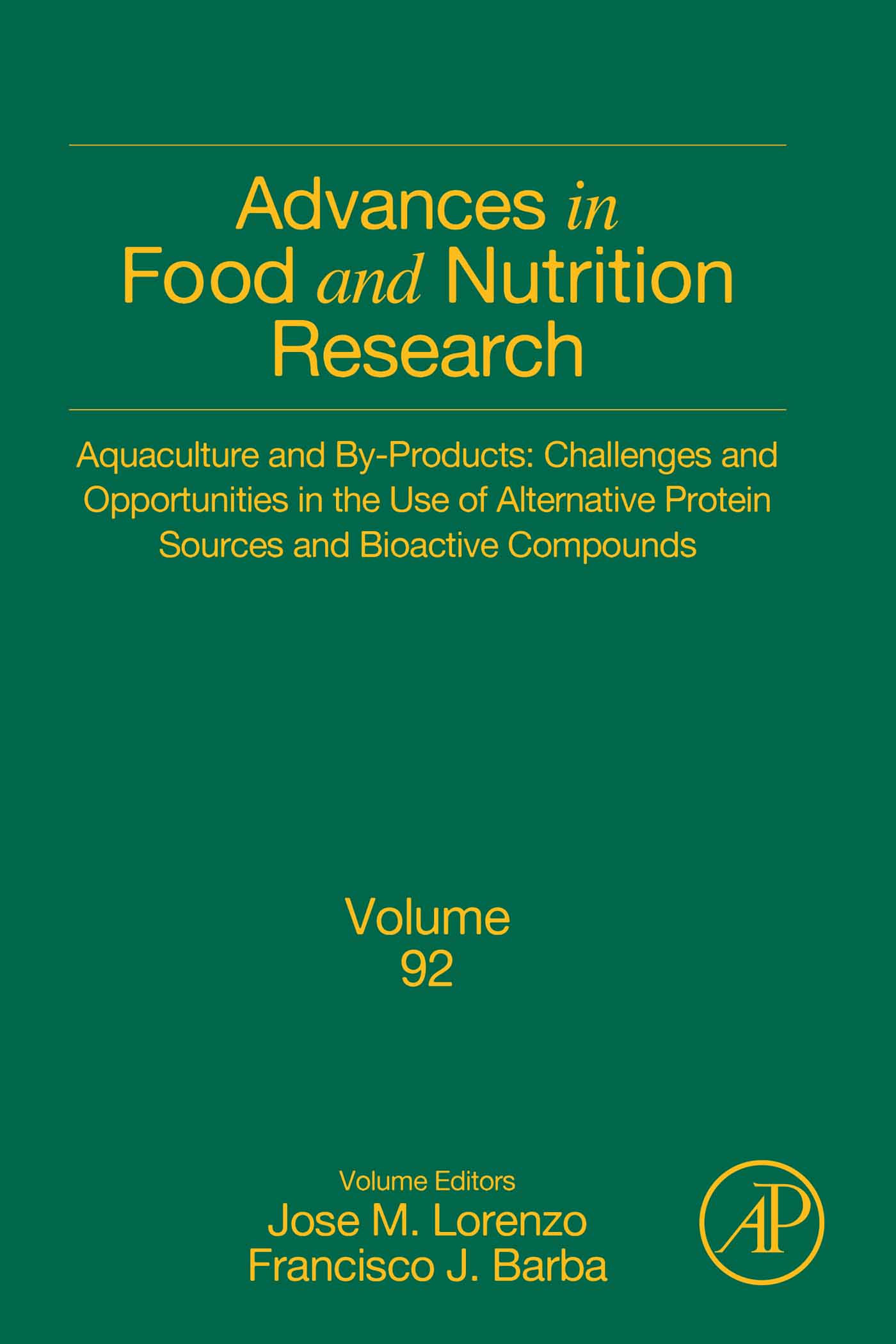
Aquaculture and By-Products Aquaculture and By-products: Challenges and Opportunities, Volume 92 in the Advances in Food and Nutrition Research series, explores the potential use of aquaculture and by-products as sources of proteins and bioactive compounds. Alternative extraction techniques to obtain, isolate and purify proteins and bioactive from aquaculture and by-products are thoroughly discussed. Chapters in this new volume include Alternative extraction techniques to obtain, isolate and purify proteins and bioactive from aquaculture and by-products, Development of new food and pharmaceutical products: Nutraceuticals and food additives, Evaluation of the protein and bioactive compound bioaccessibility/bioavailability and citotoxicity of the extracts obtained from aquaculture and by-products, and more. Details alternative extraction techniques to obtain, isolate and purify proteins and bioactive from aquaculture and by-products Evaluates the protein and bioactive compound bioaccessibility/bioavailability and citotoxicity of the extracts Updates on progress in the development of new food and pharmaceutical products, such as nutraceuticals and food additives TECHNOLOGY & ENGINEERING,Food Science,General
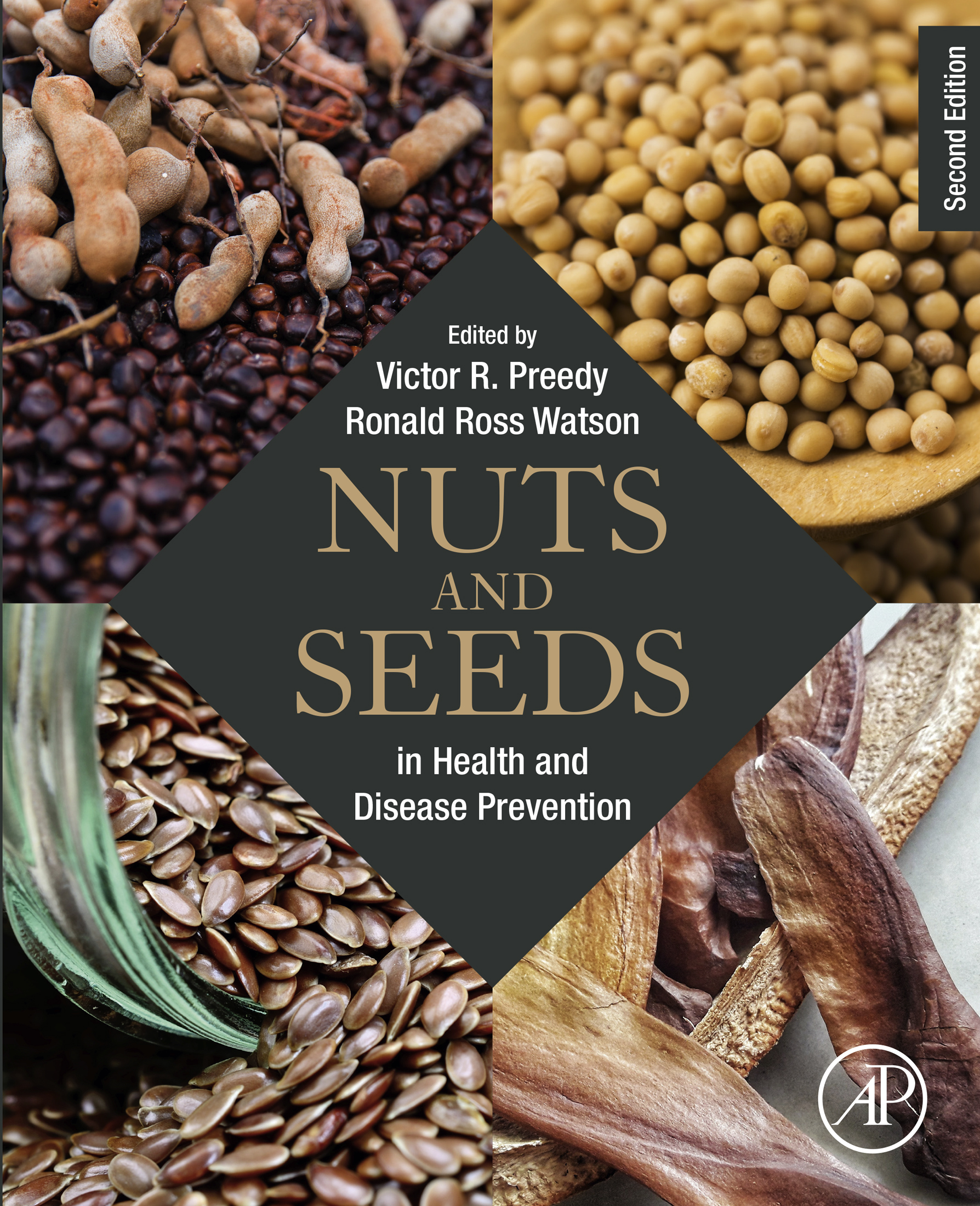
Nuts and Seeds in Health and Disease Prevention Nuts and Seeds in Health and Disease Prevention, Second Edition investigates the benefits of nuts and seeds in health and disease prevention using an organizational style that will provide easy-access to information that supports identifying treatment options and the development of symptom-specific functional foods. This book examines seeds and nuts as agents that affect metabolism and other health-related conditions and explores the impact of compositional differences between various seeds and nuts, including differences based on country of origin and processing technique. Finally, the book includes methods for the analysis of seed and nut-related compounds. Written for nutrition researchers, nutritionists, food scientists, government regulators of food, and students of agriculture, oils and feeds, nutrition and life sciences, this book is sure to be a welcomed resource. Identifies options and opportunities for improving health through the consumption of nut and seed products Provides easy access to information that supports the identification of treatment options Contains insights into health benefits that will assist in development of symptom-specific functional foods Examines seeds and nuts as agents that affect metabolism and other health-related conditions Explores the impact of compositional differences between various seeds and nuts, including differences based on country of origin and processing technique Includes methods for analysis of seed and nut-related compound TECHNOLOGY & ENGINEERING,Food Science,General
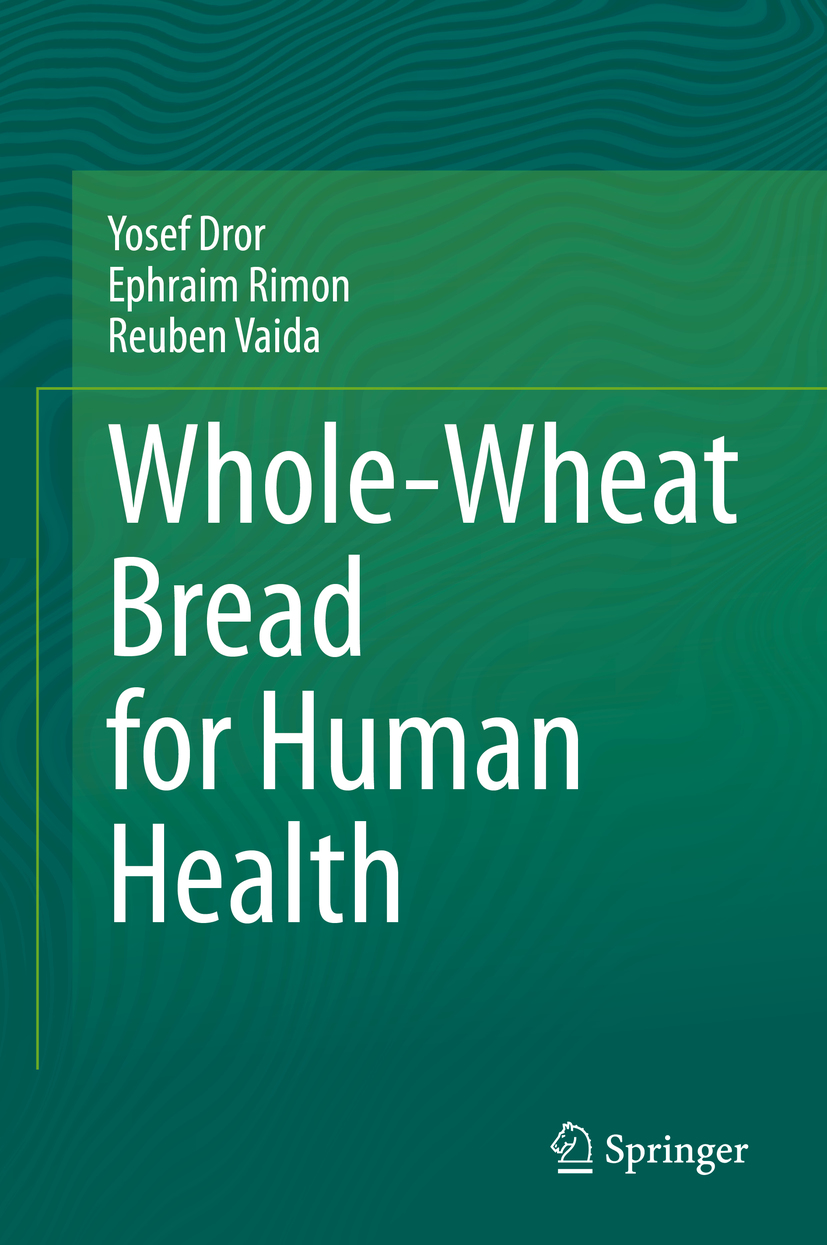
Whole-Wheat Bread for Human Health This book examines the effect of whole-wheat bread on health, with evidence linking the consumption of whole-wheat products to a decrease in the relative risk of non-communicable diseases in comparison with products baked from refined flour. The authors focus on key areas such as milling and refining procedures, bakery products, and assessment of the present consumption of wheat products. They offer a detailed description of all available ingredients of wheat-kernel, with particular attention paid to the health benefits of wheat-kernel antioxidants and dietary fiber ingredients. Vitamins, glutathione, choline and betaine, carotenoids, sterols and stanols are covered, and the book concludes with a general overview of the effect of whole-wheat bread on colon activity and immune capacity. Methods of improving bread nutritional quality, and the potential for the upgrading of the nutritional qualities of whole-bread, are also discussed. Consumption of whole-wheat in Western societies, however, has either not increased or increased very slightly. The authors intend for this book to highlight the health benefits of whole-wheat bread and the factors that contribute to these benefits. TECHNOLOGY & ENGINEERING,Food Science,General
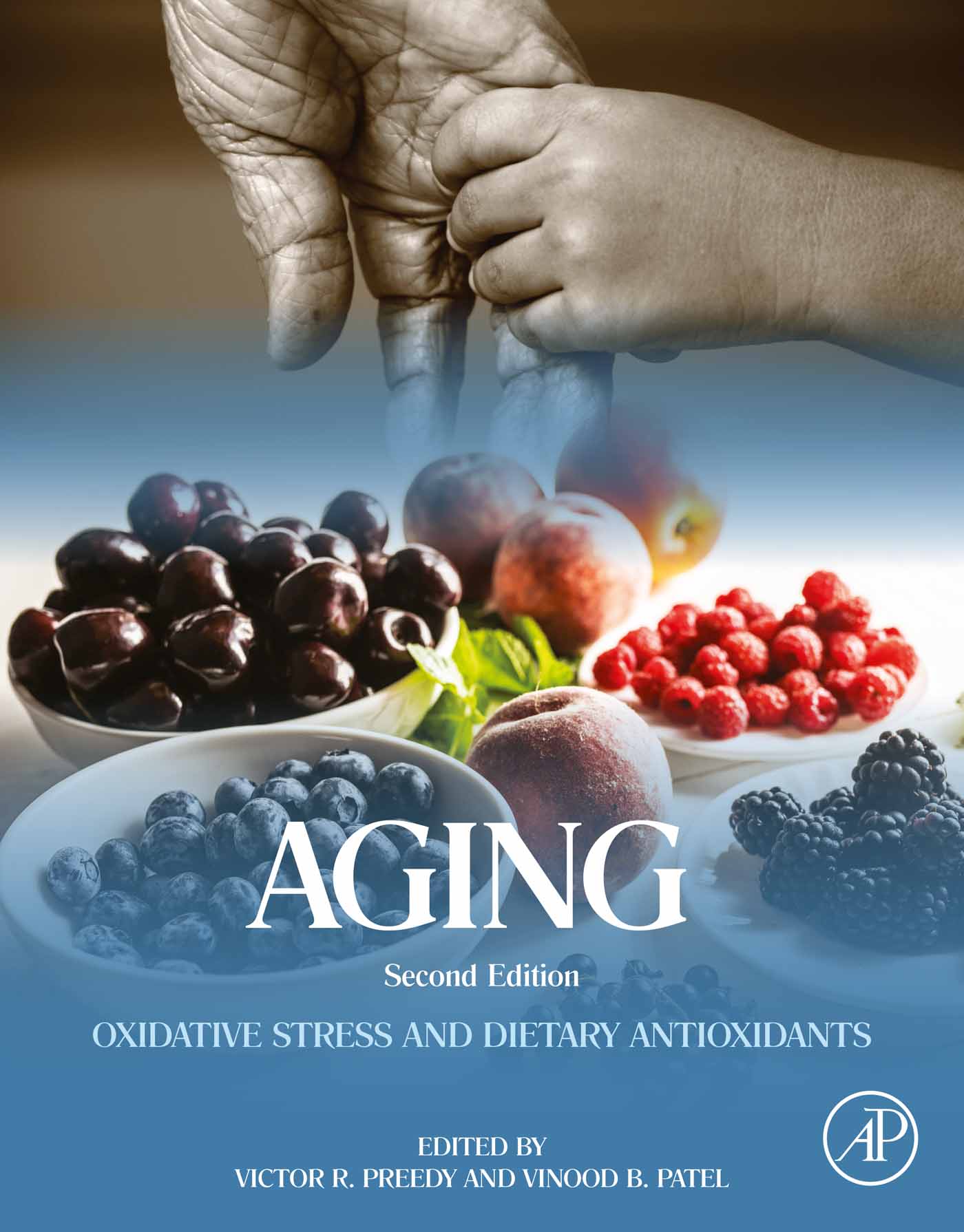
Aging Aging: Oxidative Stress and Dietary Antioxidants, Second Edition, bridges the trans-disciplinary divide and covers the science of oxidative stress in aging and the therapeutic use of natural antioxidants in the food matrix in a single volume. The second edition covers new trials and investigations used to determine the comprehensive properties of antioxidants, food items and extracts, as well as any adverse properties they may have. It has been updated to include new clinical human trials and a new section dedicated to animal models of aging. Throughtout the book the processes within the science of oxidative stress are described in concert with other processes, such as apoptosis, cell signaling, and receptor mediated responses. This approach recognizes that diseases are often multifactorial, and oxidative stress is a single component of this. Gerontologists, geriatricians, nutritionists, and dieticians are separated by divergent skills and professional disciplines that need to be bridged to advance preventative as well as treatment strategies. While gerontologists and geriatricians may study the underlying processes of aging, they are less likely to be conversant in the science of nutrition and dietetics. On the other hand, nutritionists and dietitians are less conversant with the detailed clinical background and science of gerontology. This book addresses this gap and brings each of these disciplines to bear on the processes inherent in the oxidative stress of aging. This will aid in better research, treatment and outcome for patients. Compares information related to mitochondrial oxidative stress in one disease to diet-related strategies in other unrelated diseases Provides an understanding of cell signalling leading to new suggestions of preventative or therapeutic strategies Includes a new section dedicated to animal models of aging TECHNOLOGY & ENGINEERING,Food Science,General
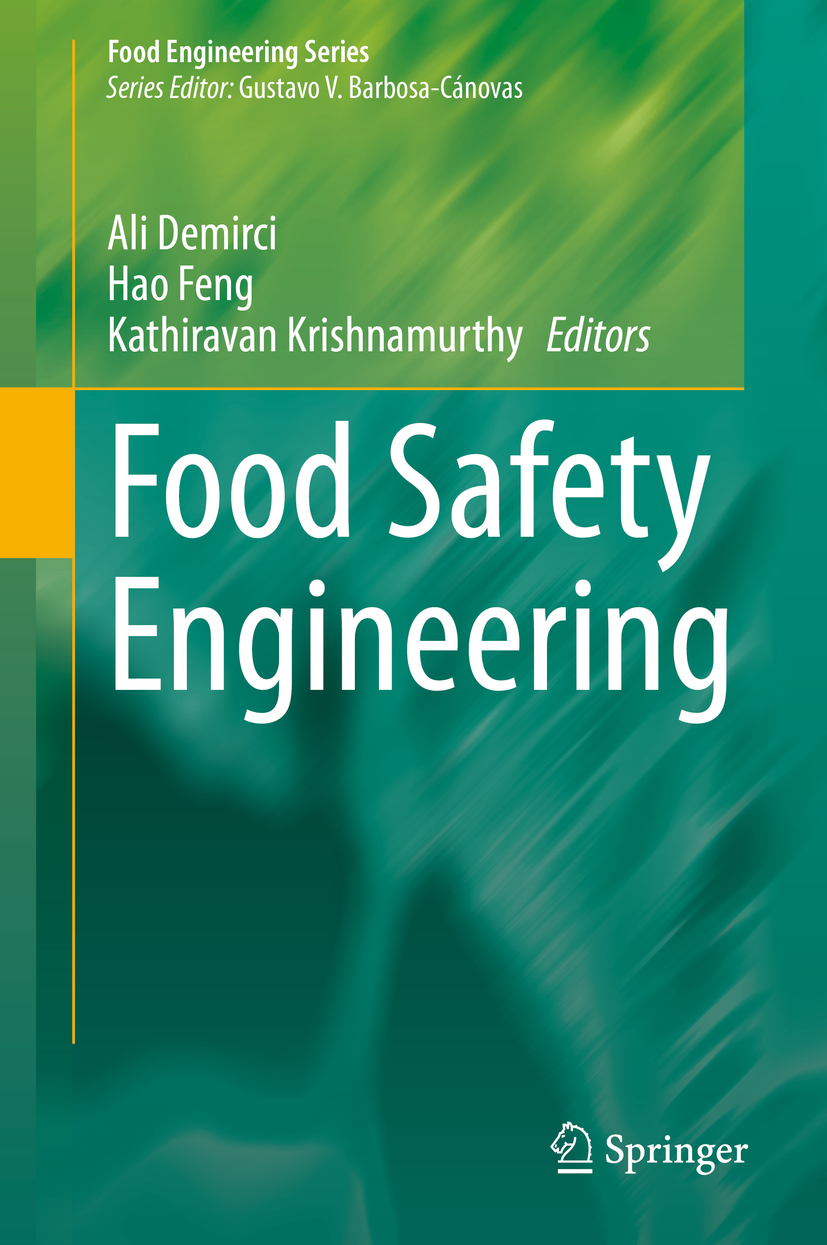
Food Safety Engineering Food Safety Engineering is the first reference work to provide up-to-date coverage of the advanced technologies and strategies for the engineering of safe foods. Researchers, laboratory staff and food industry professionals with an interest in food engineering safety will find a singular source containing all of the needed information required to understand this rapidly advancing topic. The text lays a solid foundation for solving microbial food safety problems, developing advanced thermal and non-thermal technologies, designing food safety preventive control processes and sustainable operation of the food safety preventive control processes. The first section of chapters presents a comprehensive overview of food microbiology from foodborne pathogens to detection methods. The next section focuses on preventative practices, detailing all of the major manufacturing processes assuring the safety of foods including Good Manufacturing Practices (GMP), Hazard Analysis and Critical Control Points (HACCP), Hazard Analysis and Risk-Based Preventive Controls (HARPC), food traceability, and recalls. Further sections provide insights into plant layout and equipment design, and maintenance. Modeling and process design are covered in depth. Conventional and novel preventive controls for food safety include the current and emerging food processing technologies. Further sections focus on such important aspects as aseptic packaging and post-packaging technologies. With its comprehensive scope of up-to-date technologies and manufacturing processes, this is a useful and first-of-its kind text for the next generation food safety engineering professionals. TECHNOLOGY & ENGINEERING,Food Science,General
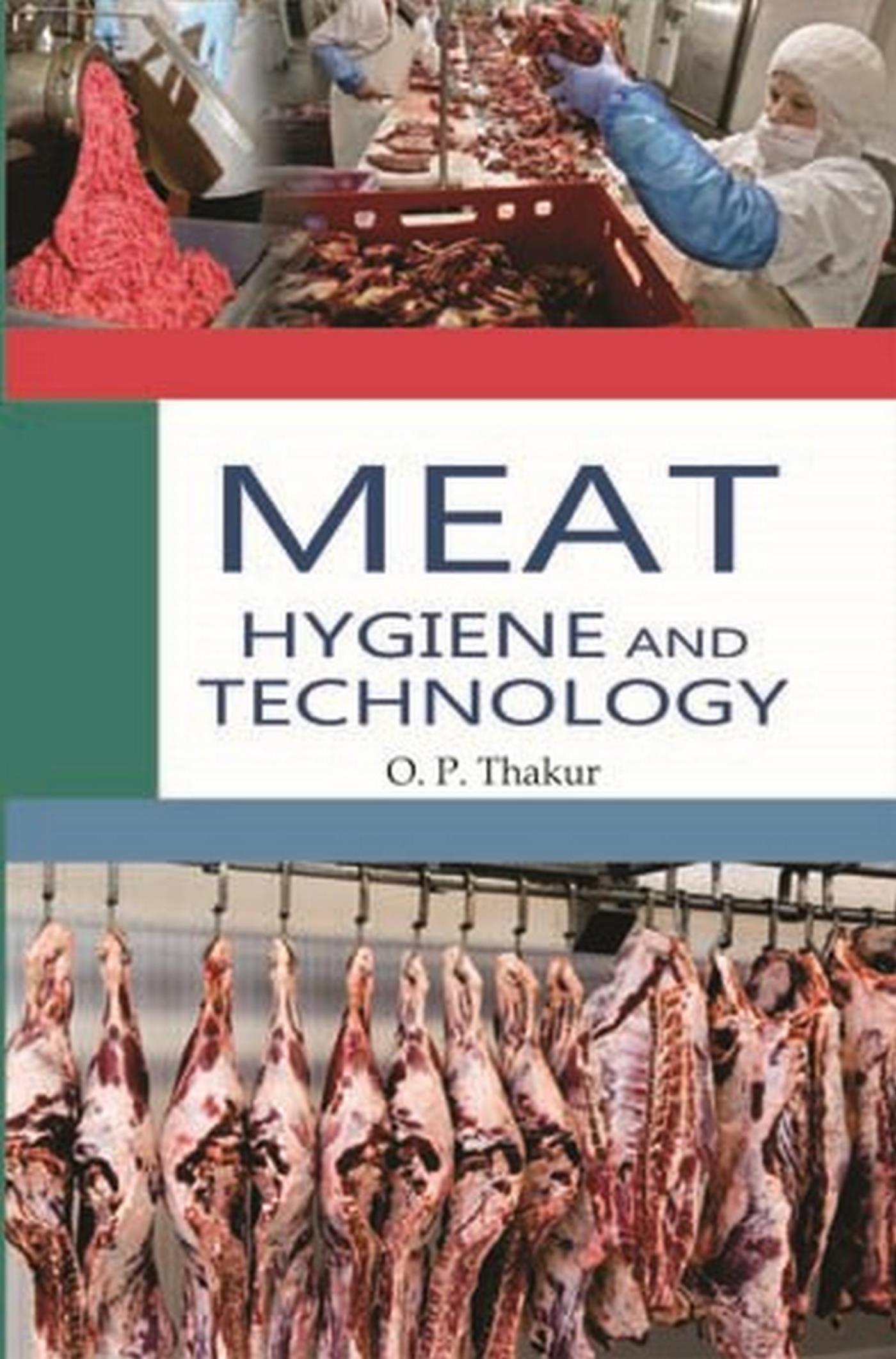
Meat Hygiene And Technology Meat consumption varies worldwide, depending on cultural or religious preferences, as well as economic conditions. Vegetarians choose not to eat meat because of ethical, economic, health concerns that are associated with meat production and consumption. This book is broadly covering fresh meat and aquatic foods, their processing, preservation, and biotechnological applications in this specialized field. TECHNOLOGY & ENGINEERING,Food Science,General

Dairy Fat Products and Functionality This work highlights a new research area driven by a material science approach to dairy fats and dairy fat-rich products where innovative dairy products and ingredients can be tailor-made. Cutting edge topics such as tribology of dairy fats and dairy products, manipulation of differentiated-sized milk fat globules, milk fat interesterification for infant formula, structuring of lipids in dairy products and production of human milk fat substitutes by including dairy fats are featured in dedicated chapters authored by international scientific experts from across the globe. The text also presents in-depth research on proteomic characterization, digestion and the nutritional functionality of milk fat globule membrane. The biosynthesis, chemistry, digestion and nutritional roles of milk lipids, physics of dairy fats, structure and functionality of the milk fat globule membrane, analytical methods, materials science, technology and manufacturing of dairy fat-rich products such as butter, dairy fat spreads, dairy creams, cream powders and ghee are also covered in-depth. Dairy Fat Products and Functionality: Fundamental Science and Technology is a useful reference text for technologists and scientists interested in advancing their fundamental knowledge of dairy fat and dairy products as well as using a materials science and technology approach to guide efforts or widen research opportunities in optimizing the functionality of these products. From their physics and chemistry to their nutritional values and methodologies, this comprehensive and innovative text covers all the necessary information needed to understand the new methods and technologies driving the modern production of milk fat products. TECHNOLOGY & ENGINEERING,Food Science,General

Emerging Technologies in Food Science This book provides a comprehensive review of recent innovations in food science that are being used to tackle the challenges of food safety, nutritional security and sustainability. With a major focus on developing nations, like India, the book is divided into four main sections. The first section provides an overview of the food industry, while the second explores food safety in various segments, with an interesting account of street food safety – an important, yet often neglected aspect for safety parameters. The third section, on nutritional security and sustainability, explores various ways of maximizing nutrition and optimizing waste management in the food industry. The book closes with a section on emerging technologies and innovations, which introduces readers to some of the latest technologies in the food industry, including advances in food processing, packaging, nanotechnology, etc. The topics have been divided into 25 different chapters, which offer a diverse blend of perspectives on innovations in the developing world. Ideally suited for students and researchers in the food sciences, the book is also an interesting read for industry experts in Food Science and Technology. TECHNOLOGY & ENGINEERING,Food Science,General
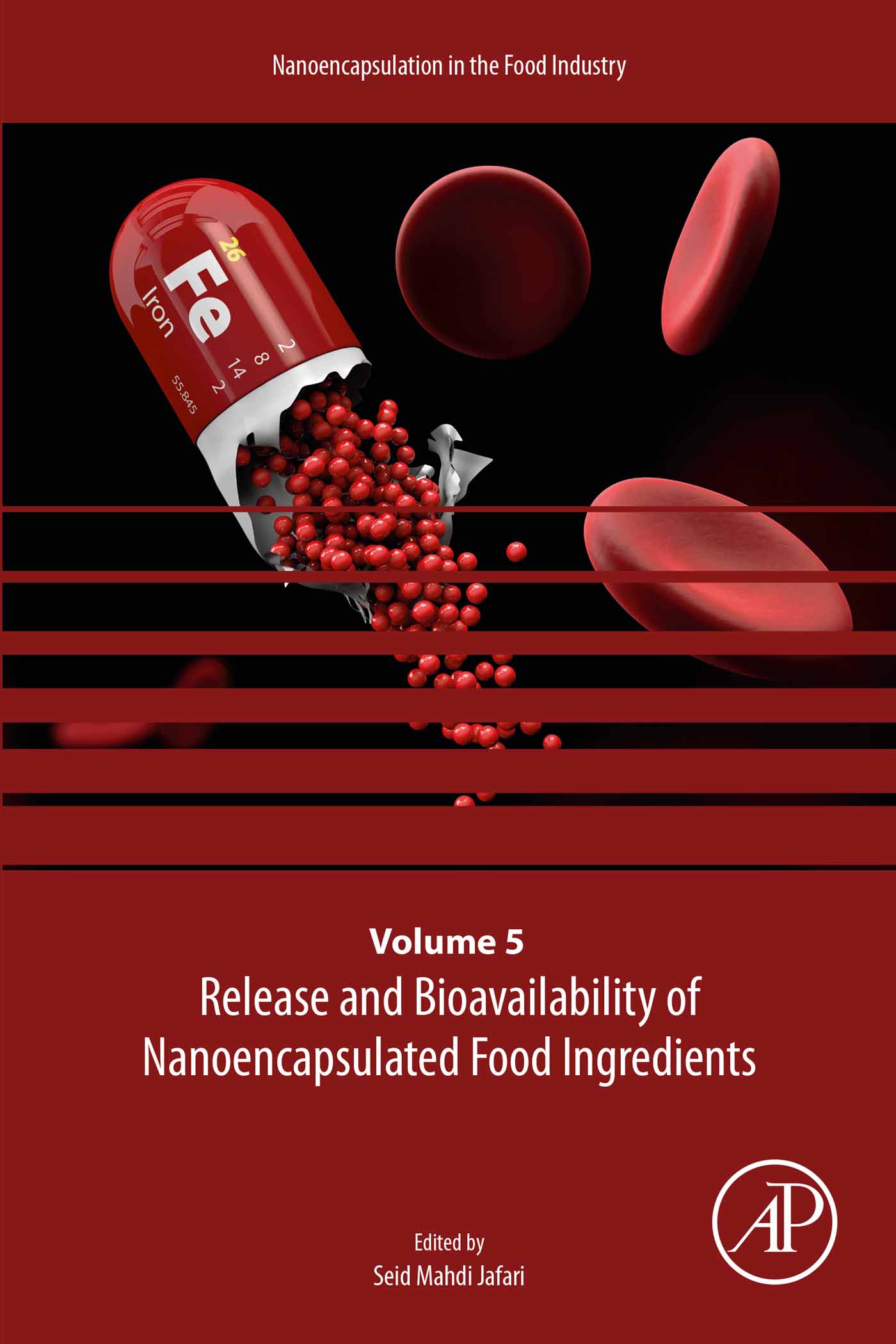
Release and Bioavailability of Nanoencapsulated Food Ingredients Release and Bioavailability of Nanoencapsulated Food Ingredients , volume five in the Nanoencapsulation in the Food Industry series, reviews different release mechanisms of nanoencapsulated food ingredients. The book discusses mathematical and intelligent modeling of the release of bioactive agents from nano-vehicles to better understand their release mechanisms, while also covering different approaches for studying the release profile of these ingredients (such as in-vitro and in-vivo assays). Authored by a team of global experts in the fields of nano and microencapsulation of food, nutraceutical and pharmaceutical ingredients, this title will be of great value to those engaged in various fields of nanoencapsulation. Thoroughly explores the different release mechanisms of nanoencapsulated food ingredients Examines the release of bioactive ingredients by in vitro and in vivo systems Discusses different approaches for modeling the release data of nanoencapsulated ingredients TECHNOLOGY & ENGINEERING,Food Science,General
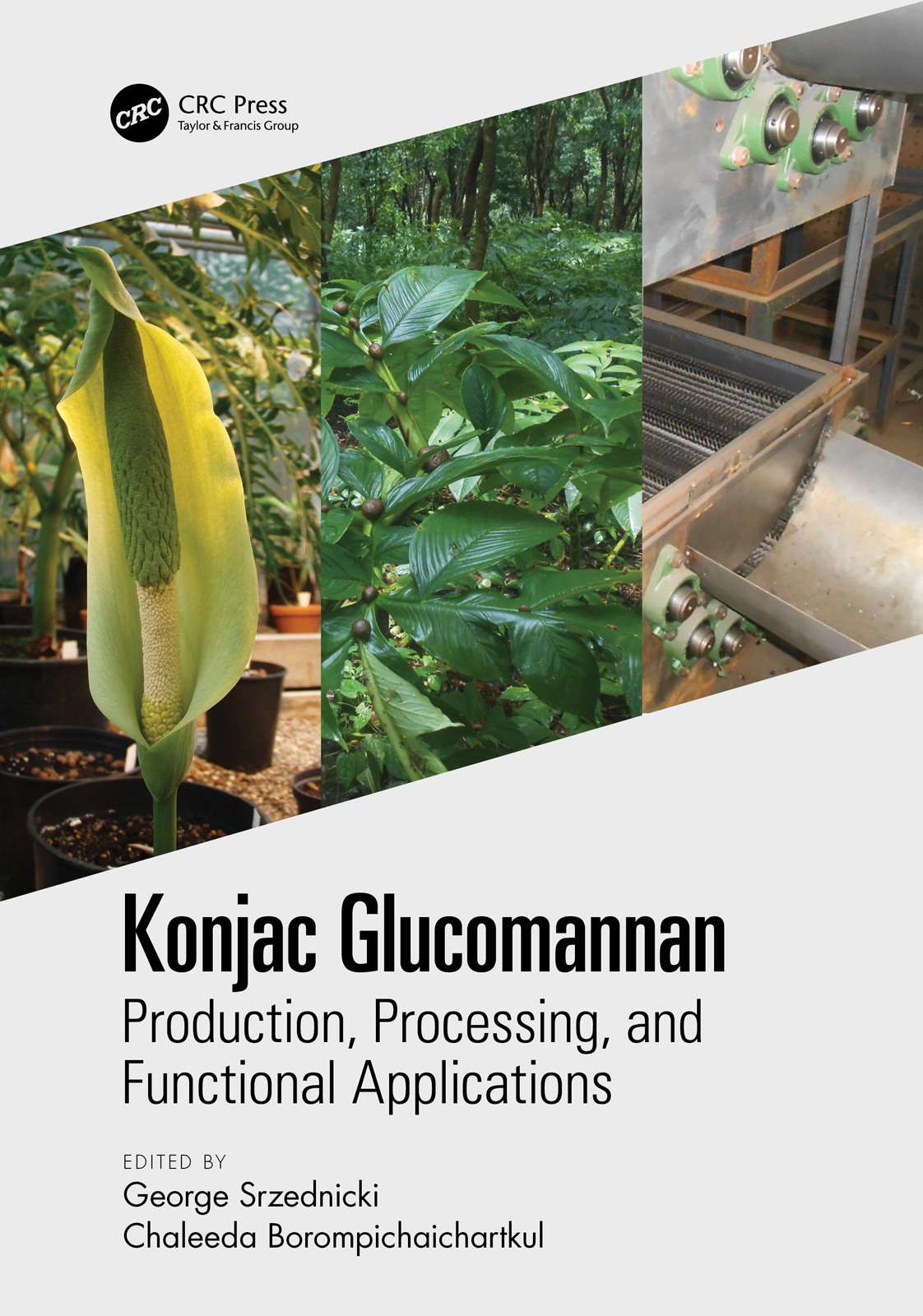
Konjac Glucomannan In recent years, konjac glucomannan (KGM) has attracted growing attention as a dietary fibre. It is a neutral hydrocolloid with significant health functions. Although relatively little known in the Western world, it has been part of the human diet in China and Japan for nearly two thousand years. Initially, the main source of KGM was Amorphophallus konjac from which the common English name ‘konjac’ is derived. Nowadays, the production of KGM is expanding into SE Asia and more tropical species of Amorphophallus are used as a raw material. Konjac Glucomannan: Production, Processing, and Functional Applications deals with a wide range of aspects related with the production of KGM, including the taxonomy of the genus Amorphophallus with a focus on edible species, their physiology, ecology and field production. Other sections of the book discuss the postharvest processing and physico-chemical properties of KGM. A considerable portion is dedicated to the applications of KGM in functional foods, food additives and their derivatives and in medicine. In addition, Konjac Glucomannan describes the current status of the KGM industry and the research done by industrial and scientific institutions in the major producing countries. Key Features Provides thorough information about taxonomy and ecology of KGM producing Amorphophallus species Describes commercial production of Amorphophallus sp. in the field and the forest Describes advanced industrial extraction techniques of KGM Reviews the major applications of KGM nutritional (anti-obesity, regulation in lipid metabolism, prebiotic) and biomedical fields At present, KGM has wide applications in the food industry as a gelling agent, stabiliser and emulsifier and is used for edible coatings for preservation of fruit and vegetables. Other uses are in pharmaceutical industry for microencapsulation of active compounds that are to be released ‘on demand’ for treatment of various diseases. This book is aimed at researchers in academia and industry, and will appeal to professionals from a wide variety of industries including food scientists & engineers, botanists, agronomists, nutritionists, health care professionals, pharmaceutical industry professionals. TECHNOLOGY & ENGINEERING,Food Science,General
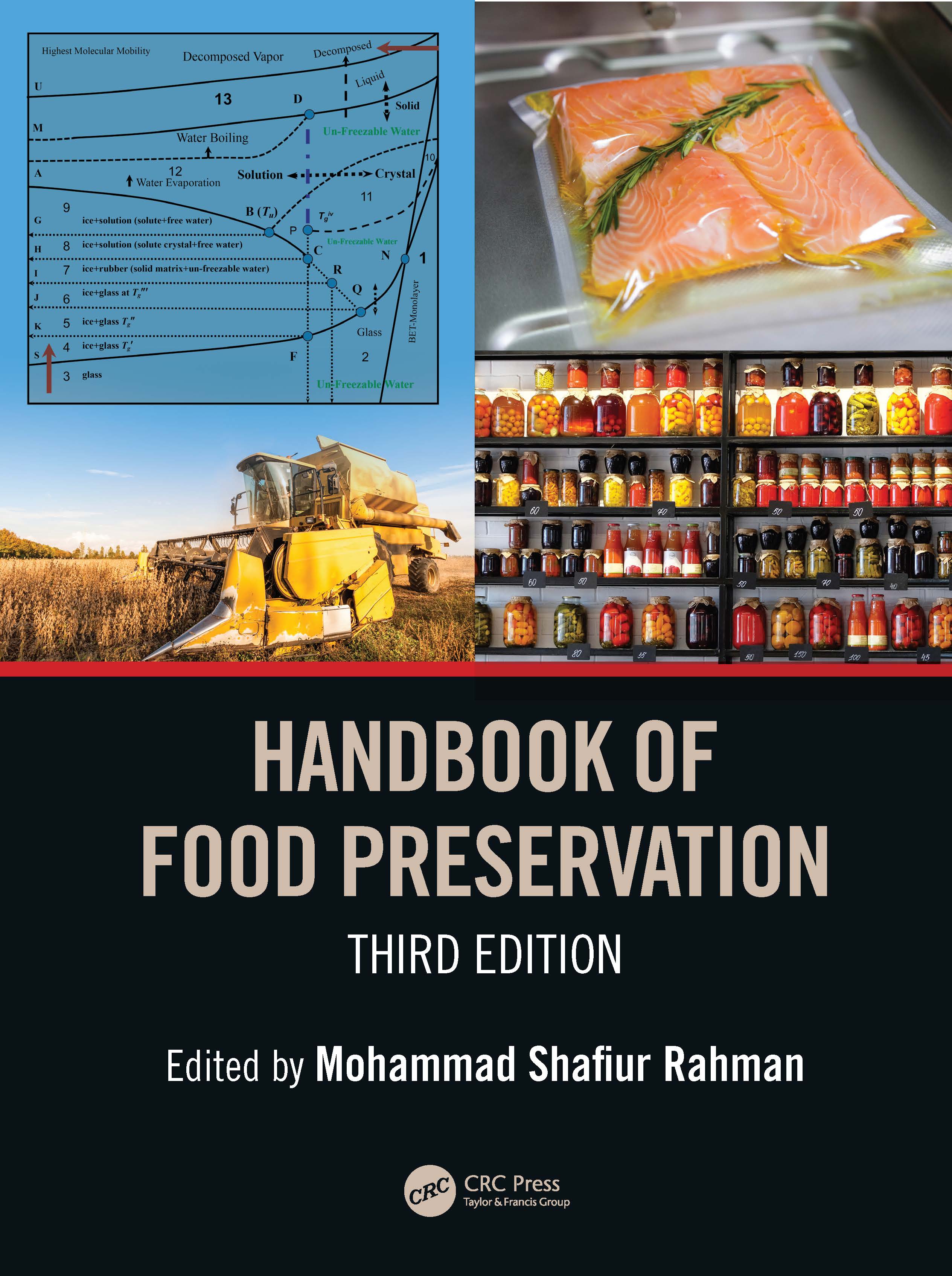
Handbook of Food Preservation The processing of food is no longer simple or straightforward, but is now a highly inter-disciplinary science. A number of new techniques have developed to extend shelf-life, minimize risk, protect the environment, and improve functional, sensory, and nutritional properties. Since 1999 when the first edition of this book was published, it has facilitated readers’ understanding of the methods, technology, and science involved in the manipulation of conventional and newer sophisticated food preservation methods. The Third Edition of the Handbook of Food Preservation provides a basic background in postharvest technology for foods of plant and animal origin, presenting preservation technology of minimally processed foods and hurdle technology or combined methods of preservation. Each chapter compiles the mode of food preservation, basic terminologies, and sequential steps of treatments, including types of equipment required. In addition, chapters present how preservation method affects the products, reaction kinetics and selected prediction models related to food stability, what conditions need be applied for best quality and safety, and applications of these preservation methods in different food products. This book emphasizes practical, cost-effective, and safe strategies for implementing preservation techniques for wide varieties of food products. Features: Includes extensive overview on the postharvest handling and treatments for foods of plants and animal origin Describes comprehensive preservation methods using chemicals and microbes, such as fermentation, antimicrobials, antioxidants, pH-lowering, and nitrite Explains comprehensive preservation by controlling of water, structure and atmosphere, such as water activity, glass transition, state diagram, drying, smoking, edible coating, encapsulation and controlled release Describes preservation methods using conventional heat and other forms of energy, such as microwave, ultrasound, ohmic heating, light, irradiation, pulsed electric field, high pressure, and magnetic field Revised, updated, and expanded with 18 new chapters, the Handbook of Food Preservation, Third Edition, remains the definitive resource on food preservation and is useful for practicing industrial and academic food scientists, technologists, and engineers. TECHNOLOGY & ENGINEERING,Food Science,General
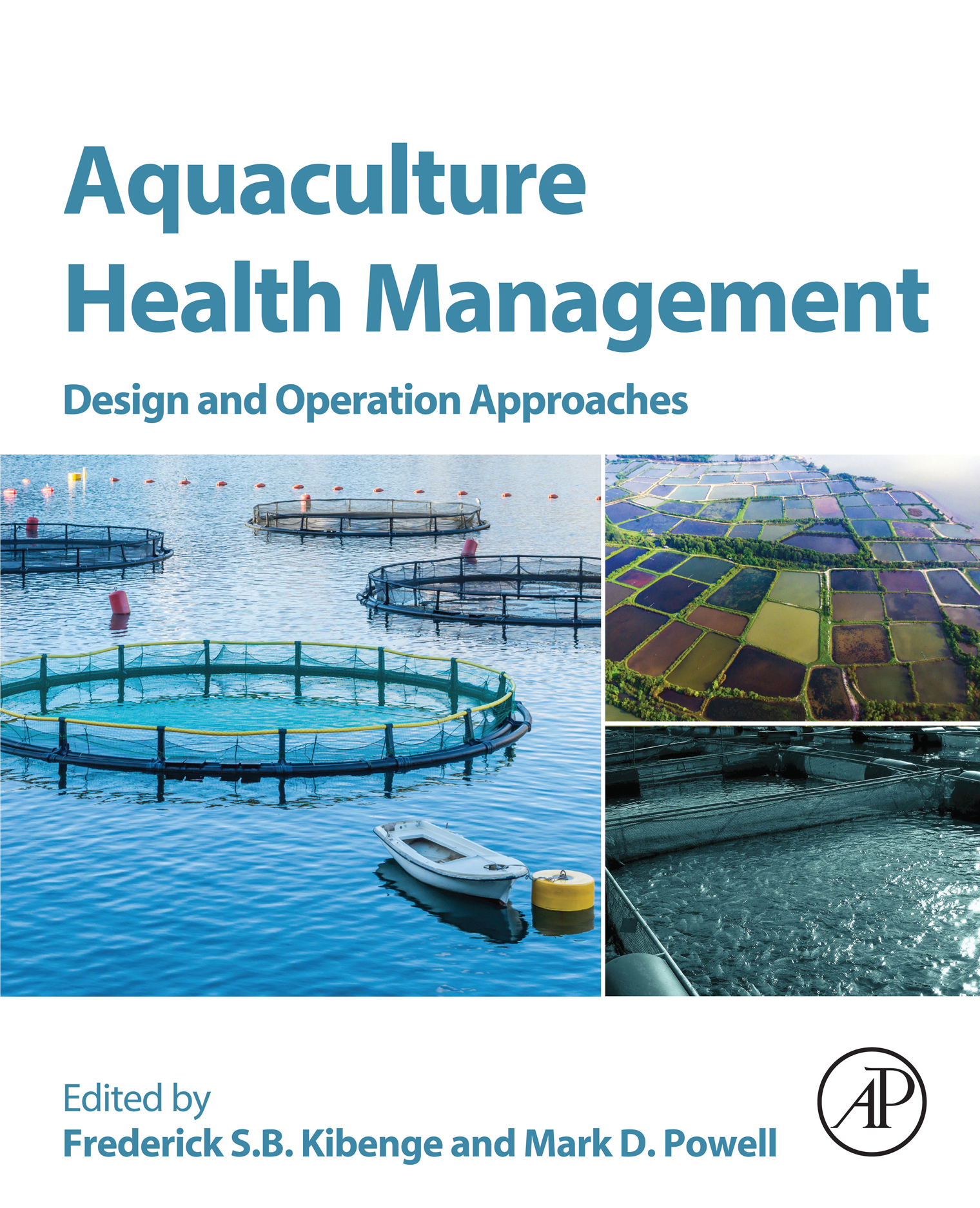
Aquaculture Health Management Aquaculture Health Management: Design and Operation Approaches is an essential reference for the diverse aquaculture community. With the steadily increasing importance of healthy fish production and the expansion of the animal aquaculture industry to new geographic areas, new microbial and parasitic species with pathogenic potential continue to emerge. The book covers the broad spectrum of fish and shellfish health, the functional roles of pathogen emergence, and the impacts of nutrition and preventative medicine such as pre- and probiotics, as well as chemical treatments, relevant legislation and more. This reference takes a comprehensive approach to understanding overall fish health management, making it valuable to aquaculturists, practitioners in aquatic animal health, veterinarians and all those in industry, government or academia who are interested in aquaculture and fisheries and their sustainable futures. Presents the biosecurity measures used to prevent the spread of disease Discusses fish immunology to help readers understand preventive medicine for a healthy fish production Examines the latest scientific methods and technologies to maximize efficiencies for healthy fish production for farming Includes the most commonly researched fish, crustaceans and mollusks in aquaculture TECHNOLOGY & ENGINEERING,Food Science,General
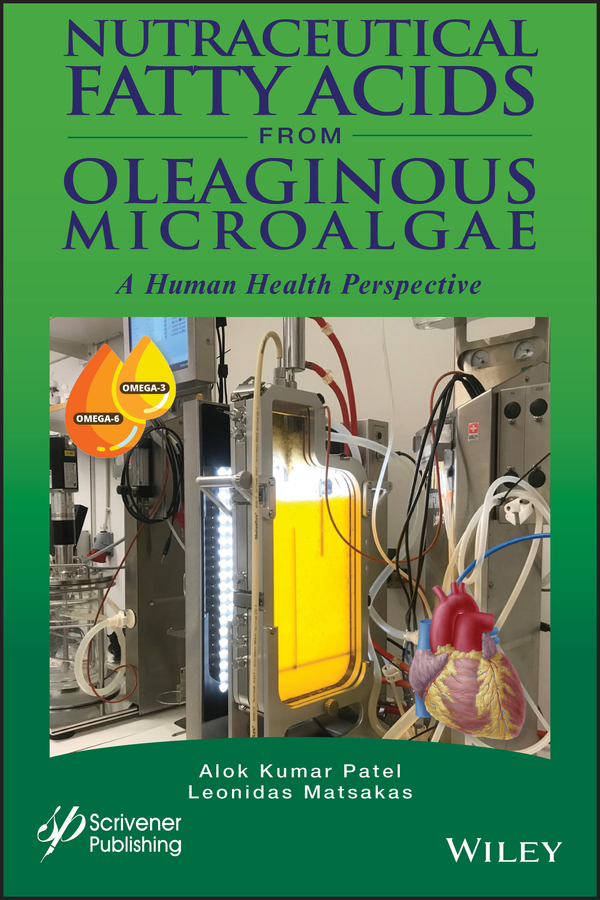
Nutraceutical Fatty Acids from Oleaginous Microalgae Over the past several years, extensive research has been done on the microbial production of polyunsaturated fatty acids (PUFA). Regardless, research on the oleaginous microalgae used as feedstock for biofuels production and the overall story about the production of nutraceutical fatty acids from oleaginous microalgae has been very limited. This volume provides an exclusive insight on the production of nutraceutical fatty acids from oleaginous microalgae and their role on human health. Some saturated and monounsaturated fatty acids can be synthesized by humans, whereas long-chain polyunsaturated fatty acids (PUFAs) such as α-linolenic acid and linoleic acid cannot and are deemed essential. The products of these acids, such as DHA, which is important for early visual and neurological development, are extremely important to human health. Replacing SFAs with omega-3 and omega-6 fatty acids in the diet reduce the risk of cardiovascular diseases and prevent Alzheimer's, bipolar disorder, and schizophrenia, among other benefits. The ever-rising global demand for omega-3 & 6 PUFAs, however, cannot be met solely by fish oil, due to diminishing fish stocks and pollution of marine ecosystems, which has led to increased interest in alternative sustainable sources. Vegetable oils from genetically engineered plant oilseeds and microorganisms are two potential alternatives to fish oil, even though omega-3 PUFAs are highest in the latter. Although transgenic plants present numerous advantages, their production is dependent on seasonal and climatic conditions and the availability of arable land. Moreover, there are public concerns regarding the cultivation of transgenic crops in open ecosystems. These, together with regulatory issues restrict the large-scale production of genetically modified crops. Microorganisms, however, are known natural producers of microbial oils similar to those obtained from plants and animals and a possible source of nutritionally important omega-3 & 6 PUFAs. This groundbreaking volume presents invaluable new research on essential fatty acids, their production from various oleaginous microorganisms, biochemical and metabolic engineering to improve PUFAs content in oil, extraction and purification of omega 3 fatty acids, and the current market scenario. Whether a veteran engineer or scientist using it as a reference or a professor using it as a textbook, this outstanding new volume is a must-have for any engineer or scientist working in food science. TECHNOLOGY & ENGINEERING,Food Science,General
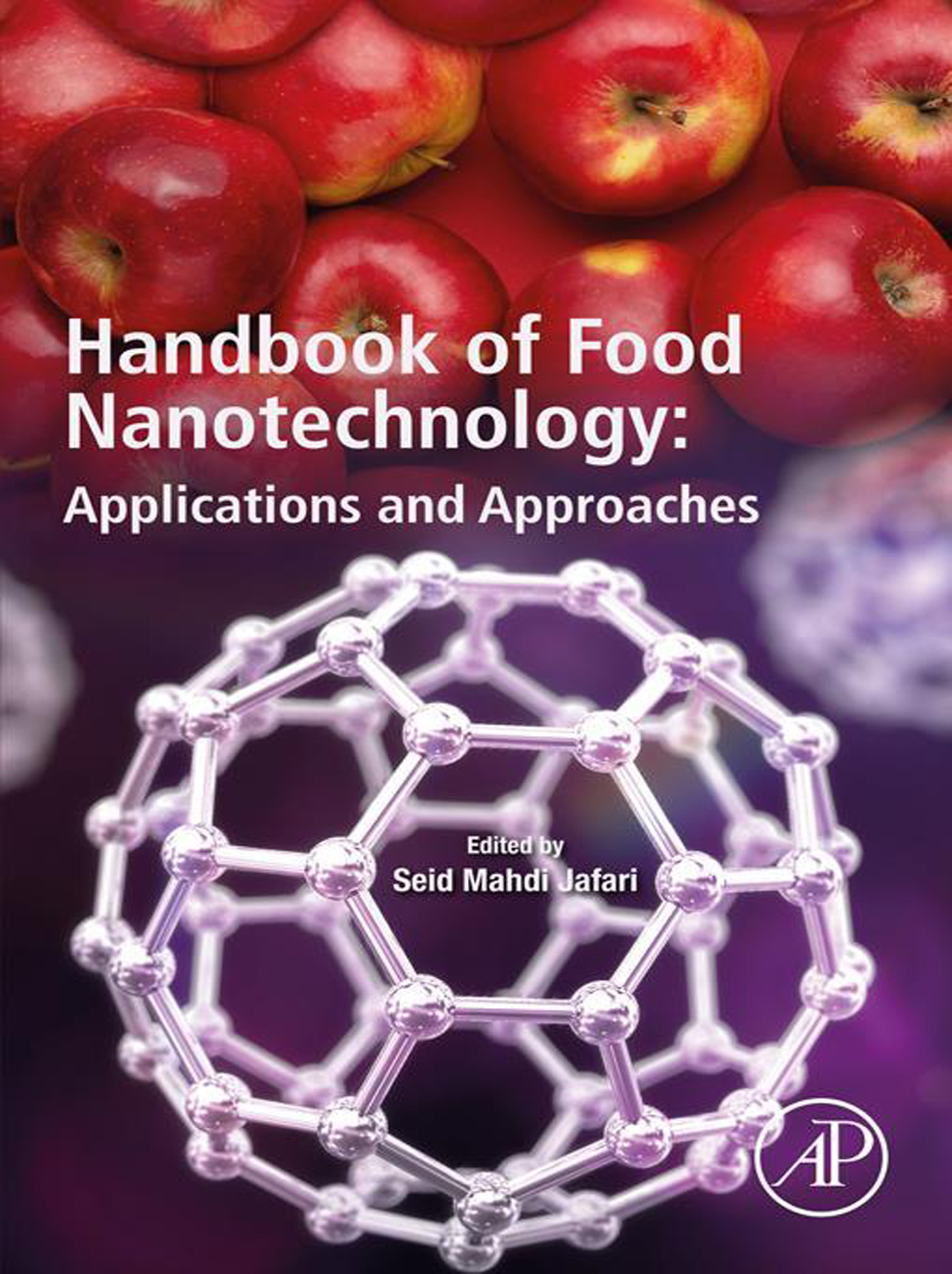
Handbook of Food Nanotechnology Food Nanotechnology: Applications and Approaches is the definitive guide on all aspects of nano-sized ingredients and devices for the food sector. The book brings science and applications together on the nano-scale into nano-structured food materials, with an emphasis on their production, processing, engineering, characterization, and applications of food materials containing true nano-sized dimensions or nano-structures that enable novel/enhanced properties or functions. All chapters emphasize original results relating to experimental, theoretical, computational, and/or applications of nano-materials in food. Topics such as the application of nanotechnology in food processing operations, functional ingredients, quality control, nutraceutical delivery, and packaging of food products are very attractive and beneficial to both academics and practitioners. Finally, the safety of applying nano ingredients and nano devices is covered. Brings novel applications of nanotechnology in processing food products Shows how to improve the formulation of food products with nano-structured ingredients Explores new opportunities in food packaging through nano-structured materials TECHNOLOGY & ENGINEERING,Food Science,General
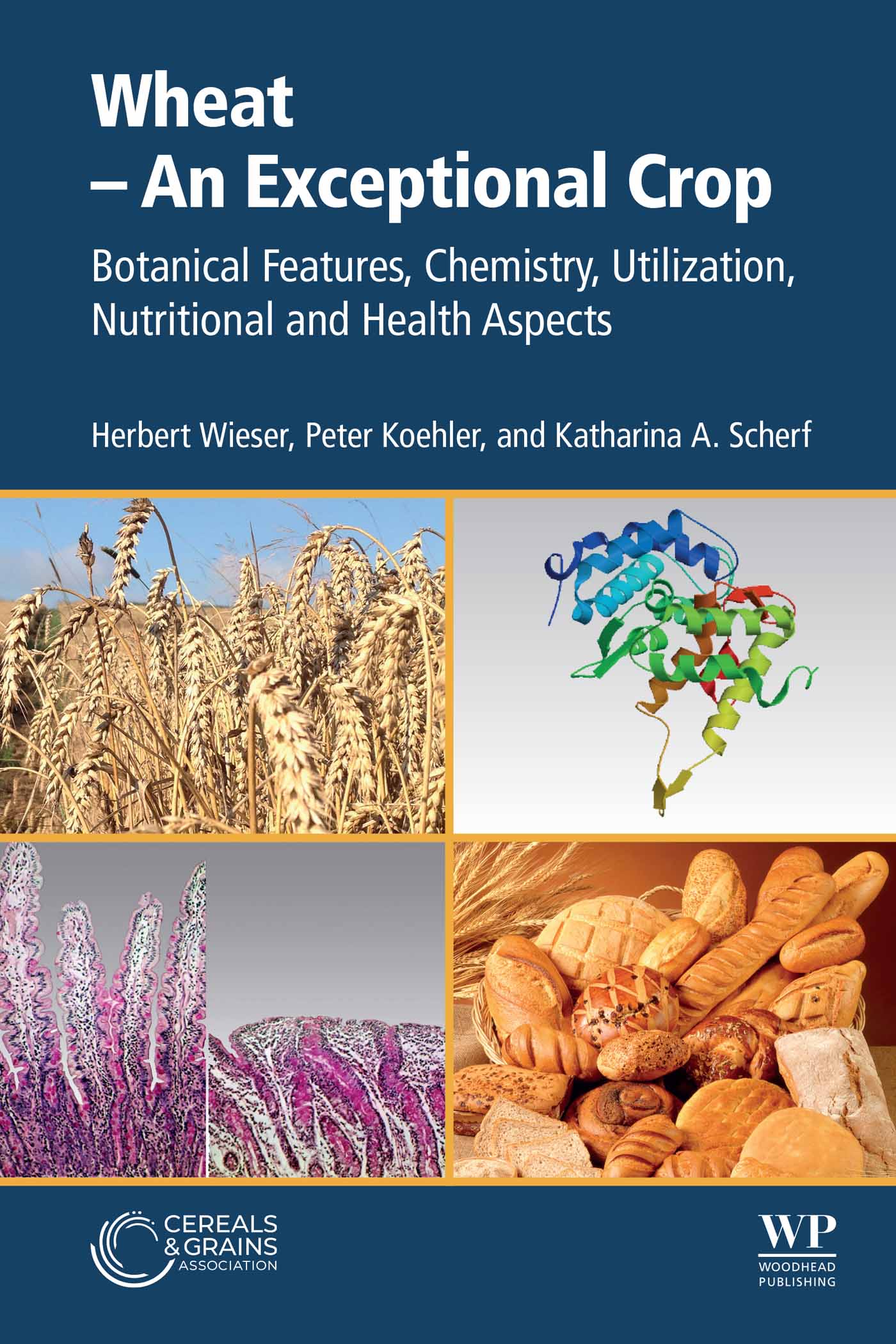
Wheat - An Exceptional Crop Wheat - An Exceptional Crop: Botanical Features, Chemistry, Utilization, Nutritional and Health Aspects presents the exceptional position of wheat among food crops. The book demonstrates the benefits and drawbacks of wheat from a wheat science, nutrition and technology perspective. Organized into 13 chapters, chapters 1 - 3 present a basic overview of wheat; chapters 4 - 6 explore the overall benefits of wheat for the general population, and chapters 7 - 13 assess wheat-related disorders that affect a small portion of the population. Wheat - An Exceptional Crop: Botanical Features, Chemistry, Utilization, Nutritional and Health Aspects is an exceptional reference for those working in and researching the fields of agronomy, food chemistry, food technology, nutrition, allergology and gastroenterology. Explores the botanical features of wheat, chemical composition of wheat grains, and the cultivation and milling of wheat Highlights wheat-based food and feed, wheat-based raw materials, and the nutritional value of wheat Discusses principles of wheat hypersensitivities and various wheat-related disorders TECHNOLOGY & ENGINEERING,Food Science,General

Physics in Food Manufacturing This book is the first authoritative text on therole that physicists play in solving the inherently multidisciplinary scienceand technology challenges in food manufacturing. The book is an essential referencefor interdisciplinary physical scientists, food/nutrition scientists andengineers working in academic research, government labs and industry, as wellas valuable resource for R&D staff and product engineers working forsuppliers of specialist instrumentation and equipment to the food processingindustry. TECHNOLOGY & ENGINEERING,Food Science,General
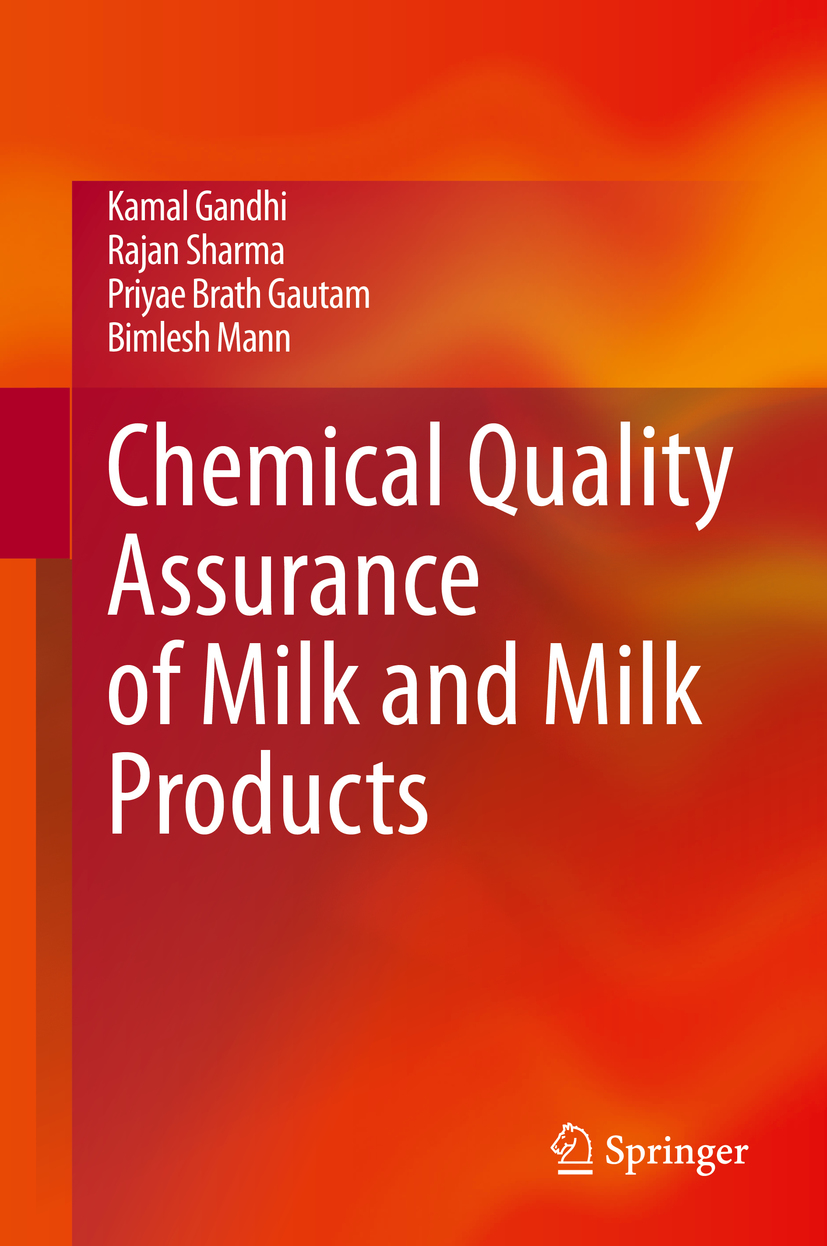
Chemical Quality Assurance of Milk and Milk Products This book discusses quality-related aspects of milk and milk products, covering the various analytical procedures for testing the quality and composition. It also describes the adulteration of milk and milk products and the common as well as advanced techniques used to detect such adulteration. Further, the book examines food laws, guidelines and regulations laid down by FSSAI, CODEX, ISO, IDF and USFDA, and addresses the functioning of a number of international and national organizations, including the WTO, Codex Alimentarius Commission, and BIS. Familiarizing readers with the concepts of QC, TQM, PDCA cycle and related concepts of quality assurance, the book also provides information on other topics that indirectly contribute to the quality of milk and milk products, like the calibration of milk testing equipment, quality of water used in milk processing and the standardization of various chemicals used for testing. This book is a valuable resource for researchers and industry professionals dealing with dairy products. TECHNOLOGY & ENGINEERING,Food Science,General
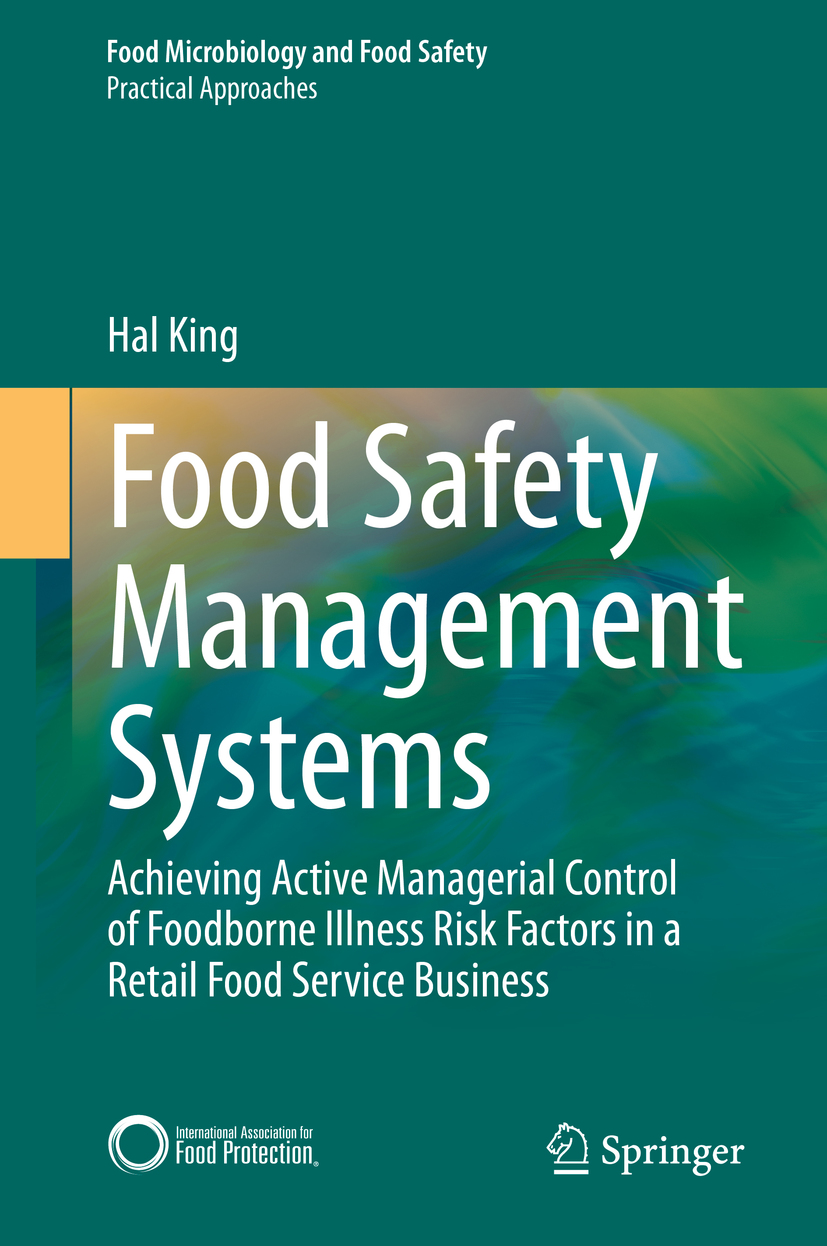
Food Safety Management Systems This foodborne disease outbreak prevention manual is the first of its kind for the retail food service industry. Respected public health professional Hal King helps the reader understand, design, and implement a food safety management system that will achieve Active Managerial Control in all retail food service establishments, whether as part of a multi-restaurant chain or for multi-restaurant franchisees. According to the most recently published data by the Centers for Disease Control and Prevention (CDC), retail food service establishments are the most commonly reported locations (60%) leading to foodborne disease outbreaks in the United States every year. The Food and Drug Administration (FDA) has reported that in order to effectively reduce the major foodborne illness risk factors in retail food service, a food service business should use Food Safety Management Systems (FSMS); however less than 11% of audited food service businesses in a 2018 report were found using a well-documented FSMS. Clearly, there needs to be more focus on the prevention of foodborne disease illnesses and outbreaks in retail food service establishments. The purpose of this book is to help retail food service businesses implement FSMS to achieve Active Managerial Control (AMC) of foodborne illness risk factors. It is a key resource for retail professionals at all levels of the retail food service industry, and those leaders tasked to build and manage food safety departments within these organizations. TECHNOLOGY & ENGINEERING,Food Science,General
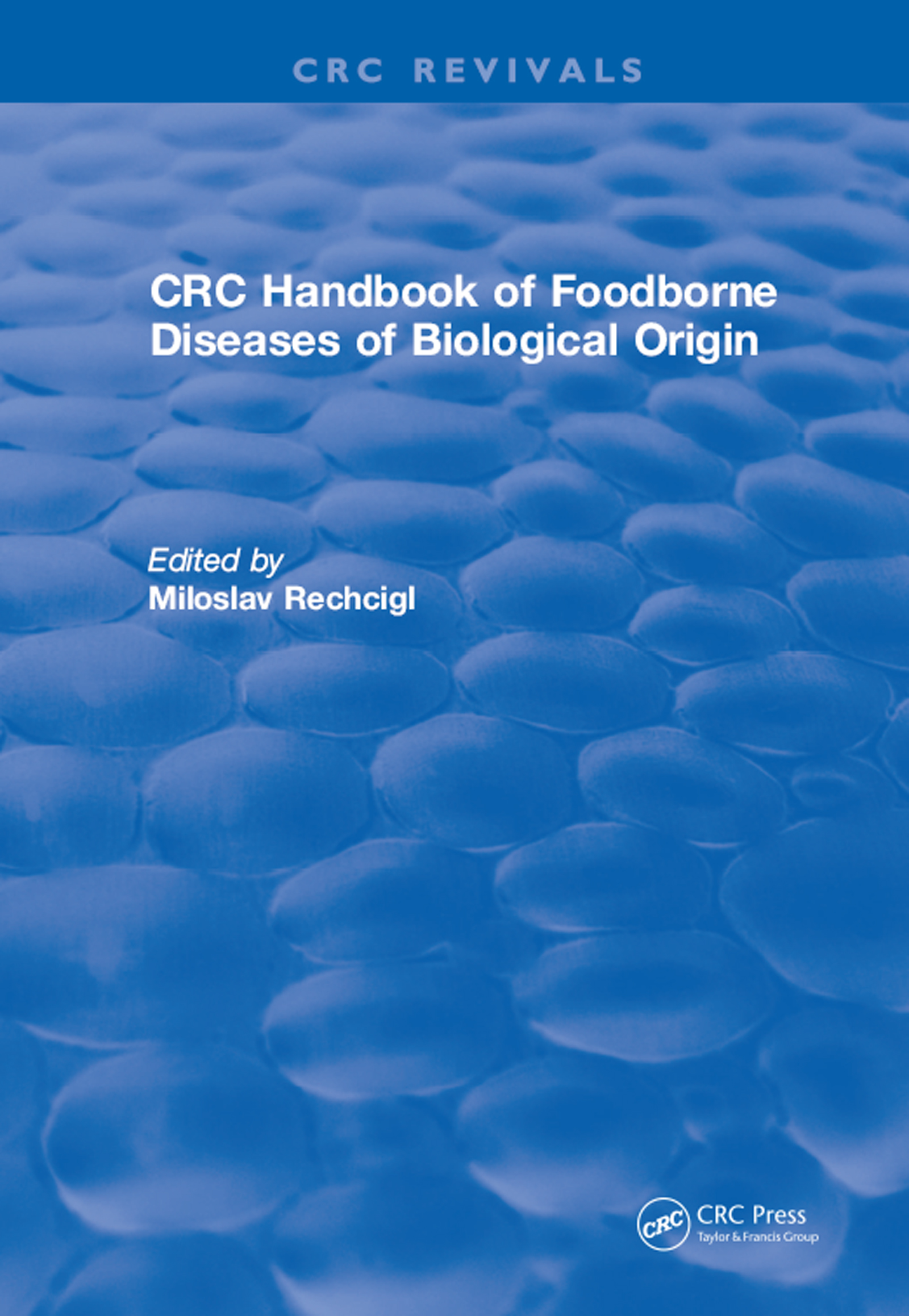
CRC Handbook of Foodborne Diseases of Biological Origin First published in 1983: This handbook provides an overview of different biological agents and important toxins that may cause diseases on ingestion with food or water. TECHNOLOGY & ENGINEERING,Food Science,General
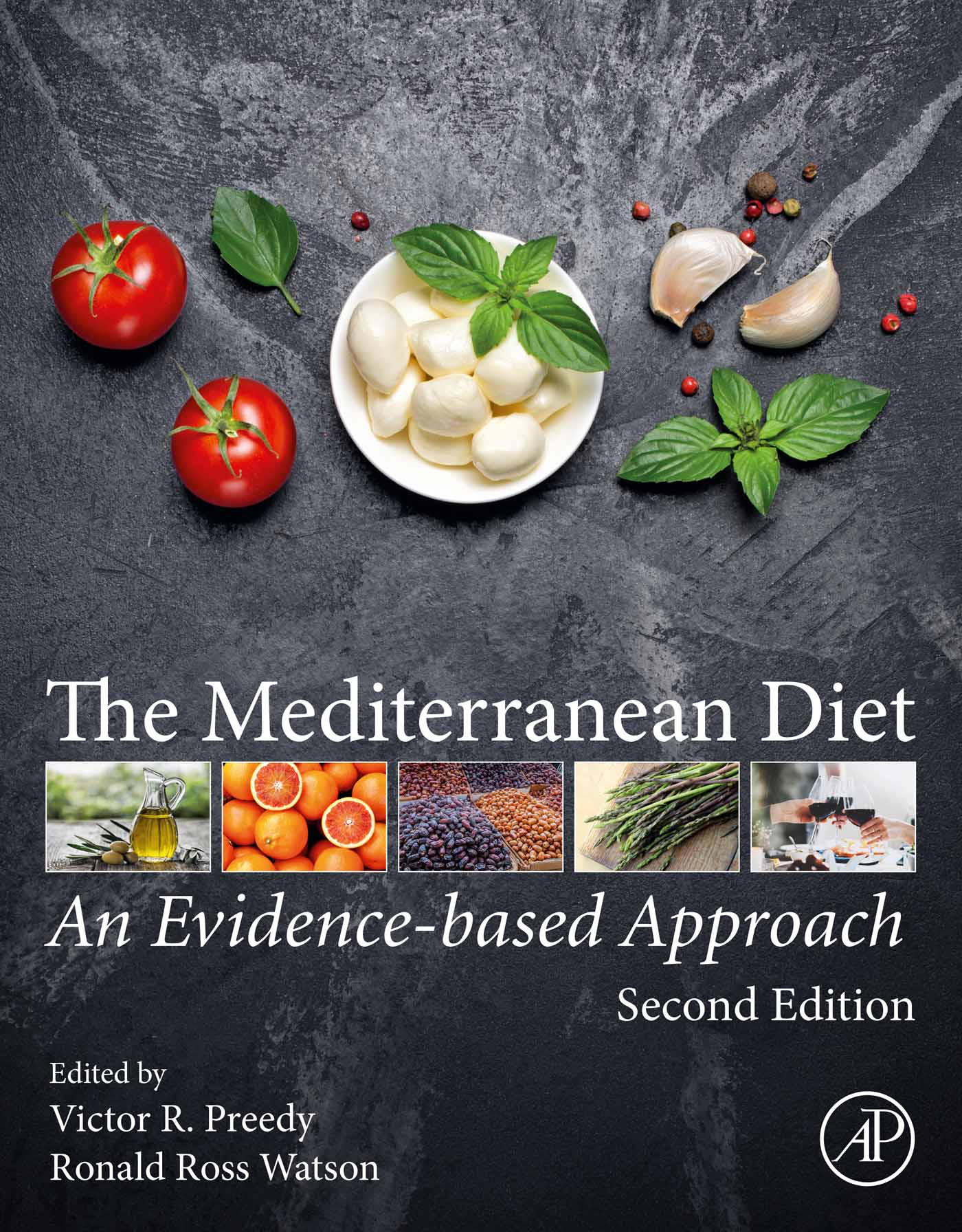
The Mediterranean Diet The Mediterranean Diet: An Evidence-Based Approach, Second Edition provides authoritative material on the many facets surrounding the complex interrelationships between diet, nutrition, health and well-being. The book discusses historical, cultural and scientific foundations, with chapters delving into nutritional adequacy, agricultural practices, food culture, mortality, quality of life, children and adolescents, behavior, cardiovascular diseases, diet quality, nutritional knowledge, nuts, minerals, olive oil, hydroxytyrosol, water, antioxidant nutritional status, ketogenics, adiposity, metabolic syndrome, type 2 diabetes, cardiovascular risk, nutrigenetics, epigenetics, the link between epigenetics and pregnancy, gene polymorphisms bone health, insulin signaling inflammatory gene expression, and more. Provides supportive evidence to embrace a holistic approach in understanding the Mediterranean diet, from the cell to the well-being of geographical populations Addresses concepts, overviews, components of the diet, and medical, health and nutritional aspects Contains coverage of emerging fields of diet science and important discoveries relating to diet and nutrition TECHNOLOGY & ENGINEERING,Food Science,General

Food Irradiation Food irradiation has been in the news lately, and this news strongly favors the consideration of food irradiation as a practical, economical method for improving food safety and shelf life. This new edition of a popular guidebook provides an updated, detailed, readable survey of the past, present and future of food irradiation. It covers a wide variety of topics ranging from the scientific basics to an examination of the many objections to food irradiation. Also included is a detailed discussion of the role of food irradiation in preventing a variety of foodborne diseases. TECHNOLOGY & ENGINEERING,Food Science,General
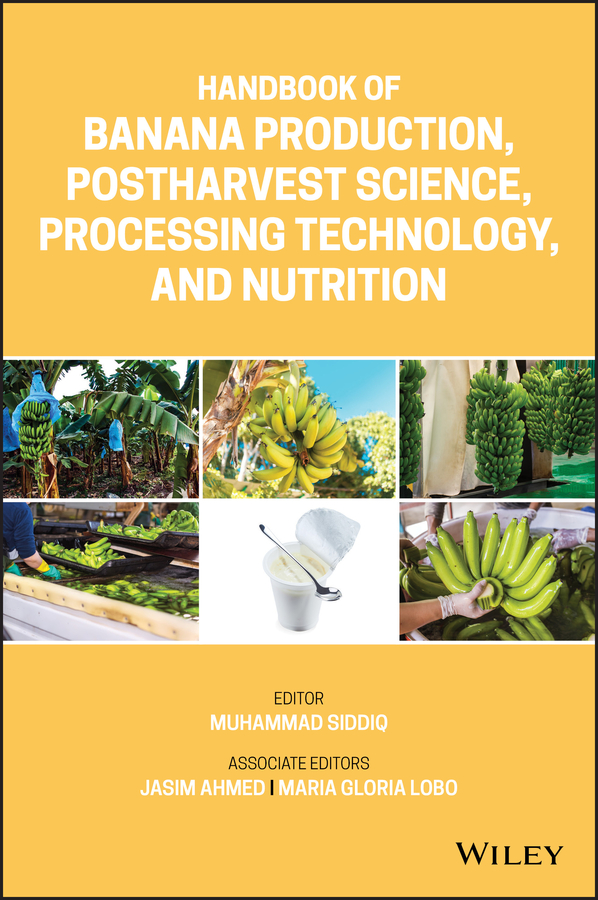
Handbook of Banana Production, Postharvest Science, Processing Technology, and Nutrition A comprehensive guide that covers the banana’s full value chain – from production to consumption The banana is the world’s fourth major fruit crop. Offering a unique and in-depth overview of the fruit’s entire value chain, this important new handbook charts its progression from production through to harvest, postharvest, processing, and consumption. The most up-to-date data and best practices are drawn together to present guidelines on innovative storage, processing, and packaging technologies, while fresh approaches to quality management and the value-added utilization of banana byproducts are also explained. Additionally, the book examines the banana’s physiology, nutritional significance, and potential diseases and pests. The book also Edited by noted experts in the field of food science, this essential text: Provides a new examination of the world’s fourth major fruit crop Covers the fruit’s entire value chain Offers dedicated chapters on bioactive and phytochemical compounds found in bananas and the potential of processing byproducts Gives insight into bananas’ antioxidant content and other nutritional properties Identifies and explains present and possible effects of bioactive and phytochemical compounds Handbook of Banana Production, Postharvest Science, Processing Technology, and Nutrition offers the most far-reaching overview of the banana currently available. It will be of great benefit to food industry professionals specializing in fruit processing, packaging, and manufacturing banana-based products. The book is also an excellent resource for those studying or researching food technology, food science, food engineering, food packaging, applied nutrition, biotechnology, and more. TECHNOLOGY & ENGINEERING,Food Science,General

Seafood This must-have resource focuses on marine food composition as it relates to nutrition. Filled with illustrations and graphs, it describes the biological and technical factors which effect the availability and quality of seafood resources and provides information on the biochemical changes, functional properties, contents, and biological value of the main components of the major marine food organisms. It presents the yield of edible parts for the different species and the applied procedures of processing and culinary preparation. This volume is intended for the general reader who is interested in food production, marketing, and nutrition, and is also an ideal text for students of food science as well as professionals in the food trade and fish industry. TECHNOLOGY & ENGINEERING,Food Science,General
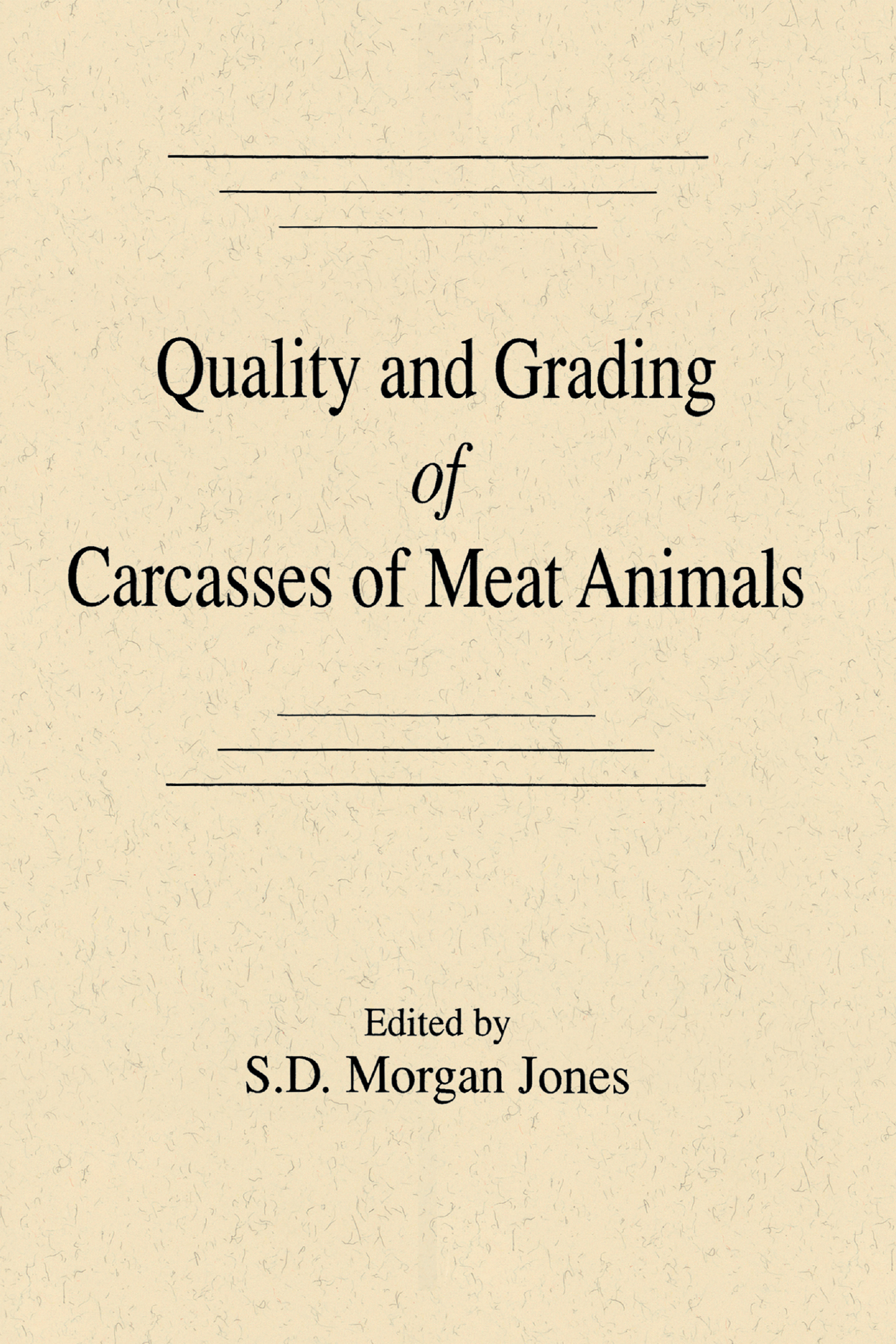
Quality and Grading of Carcasses of Meat Animals Three main factors affect the quality and composition of meat in farm animals. Production conditions determine the composition of the meat, while marketing and postmortem periods have a major bearing on the visual appearance and ultimate eating experience for the consumer. It is often difficult to compare research results from different countries since meat quality is assessed by a wide variety of procedures. Quality and Grading of Carcasses of Meat Animals reviews the development of commercial grading or classification schemes on a world-wide basis, and it provides a broad outline of the most common subjective and objective procedures for the assessment of meat quality. The book provides reviews on: Ante- and post-mortem effects on meat quality Reducing fatness in meat animals Prediction of carcass composition and meat quality World carcass and grading systems Electronic identification of animals TECHNOLOGY & ENGINEERING,Food Science,General
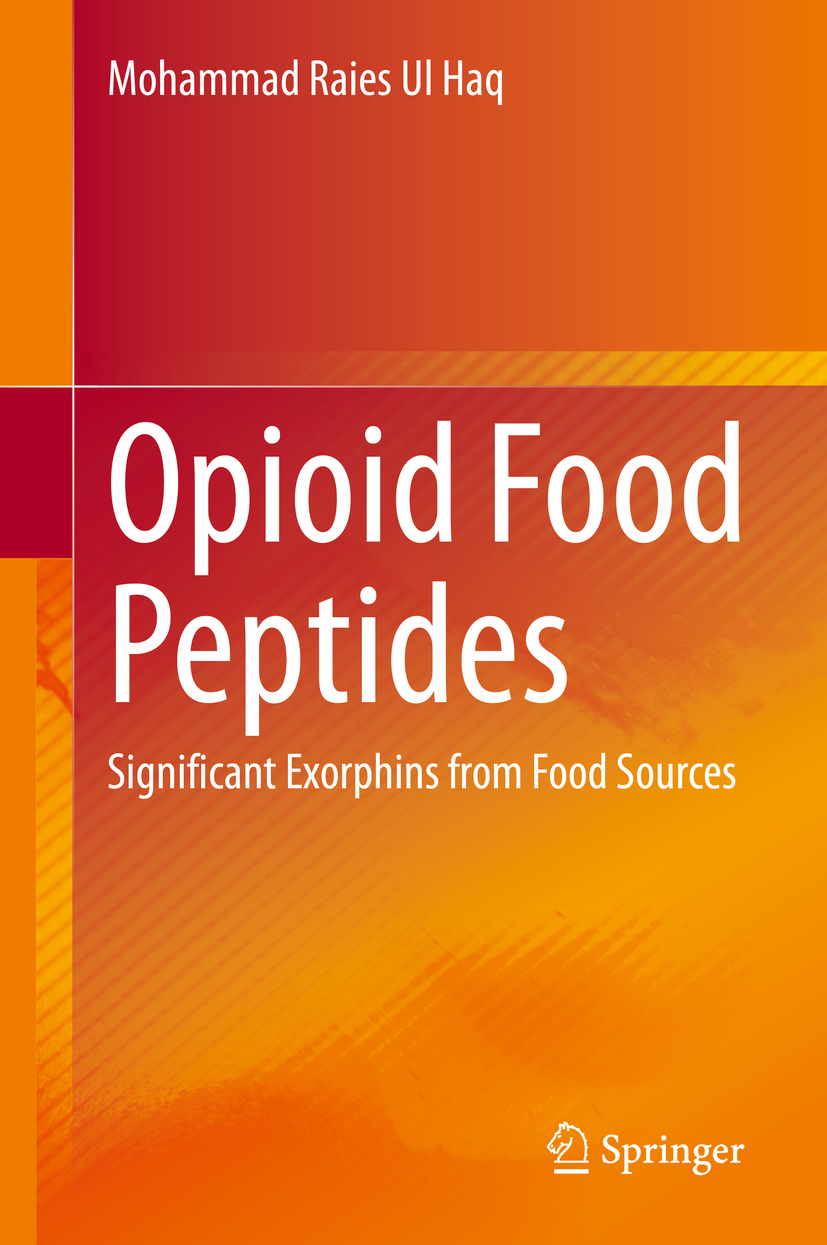
Opioid Food Peptides This book compiles the latest research on food-derived opioid peptides, particularly those derived from milk. It describes in detail the structure, classification and, more importantly, physiological functions of these peptides. Presenting an interesting overview of the opioid receptors and receptor ligands, it examines the absorption, transport and degradation of these opioid peptides. Further, it highlights the production of β-casomorphins from only one variant of β-casein and its biological activities, and explores the generation of αbâ€lactorphin from bovine αbâ€lactalbumin and βbâ€lactorphin. The book also includes a section on the use of advanced biochemical and pharmacological techniques to analyze opioid peptides, discussing the extraction of protein from food sources, protein purification followed by SGID, filtration of peptides and analysis using analytical HPLC. Lastly, it offers insights into the significance of these peptides in the pharmaceutical industry and their potential role as therapeutic agents. This timely book is useful for researchers and students in the field of food sciences, dairy science, agriculture and pharmacology. It is also of interest to industry experts. TECHNOLOGY & ENGINEERING,Food Science,General
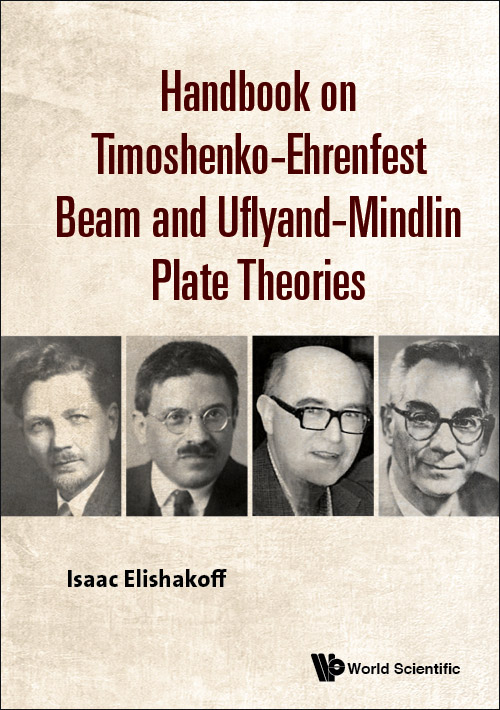
Handbook On Timoshenko-ehrenfest Beam And Uflyand- Mindlin Plate Theories The refined theory of beams, which takes into account both rotary inertia and shear deformation, was developed jointly by Timoshenko and Ehrenfest in the years 1911-1912. In over a century since the theory was first articulated, tens of thousands of studies have been performed utilizing this theory in various contexts. Likewise, the generalization of the Timoshenko-Ehrenfest beam theory to plates was given by Uflyand and Mindlin in the years 1948-1951.The importance of these theories stems from the fact that beams and plates are indispensable, and are often occurring elements of every civil, mechanical, ocean, and aerospace structure.Despite a long history and many papers, there is not a single book that summarizes these two celebrated theories. This book is dedicated to closing the existing gap within the literature. It also deals extensively with several controversial topics, namely those of priority, the so-called 'second spectrum' shear coefficient, and other issues, and shows vividly that the above beam and plate theories are unnecessarily overcomplicated.In the spirit of Einstein's dictum, 'Everything should be made as simple as possible but not simpler,' this book works to clarify both the Timoshenko-Ehrenfest beam and Uflyand-Mindlin plate theories, and seeks to articulate everything in the simplest possible language, including their numerous applications.This book is addressed to graduate students, practicing engineers, researchers in their early career, and active scientists who may want to have a different look at the above theories, as well as readers at all levels of their academic or scientific career who want to know the history of the subject. The Timoshenko-Ehrenfest Beam and Uflyand-Mindlin Plate Theories are the key reference works in the study of stocky beams and thick plates that should be given their due and remain important for generations to come, since classical Bernoulli-Euler beam and Kirchhoff-Love theories are applicable for slender beams and thin plates, respectively.Related Link(s) TECHNOLOGY & ENGINEERING,Fracture Mechanics
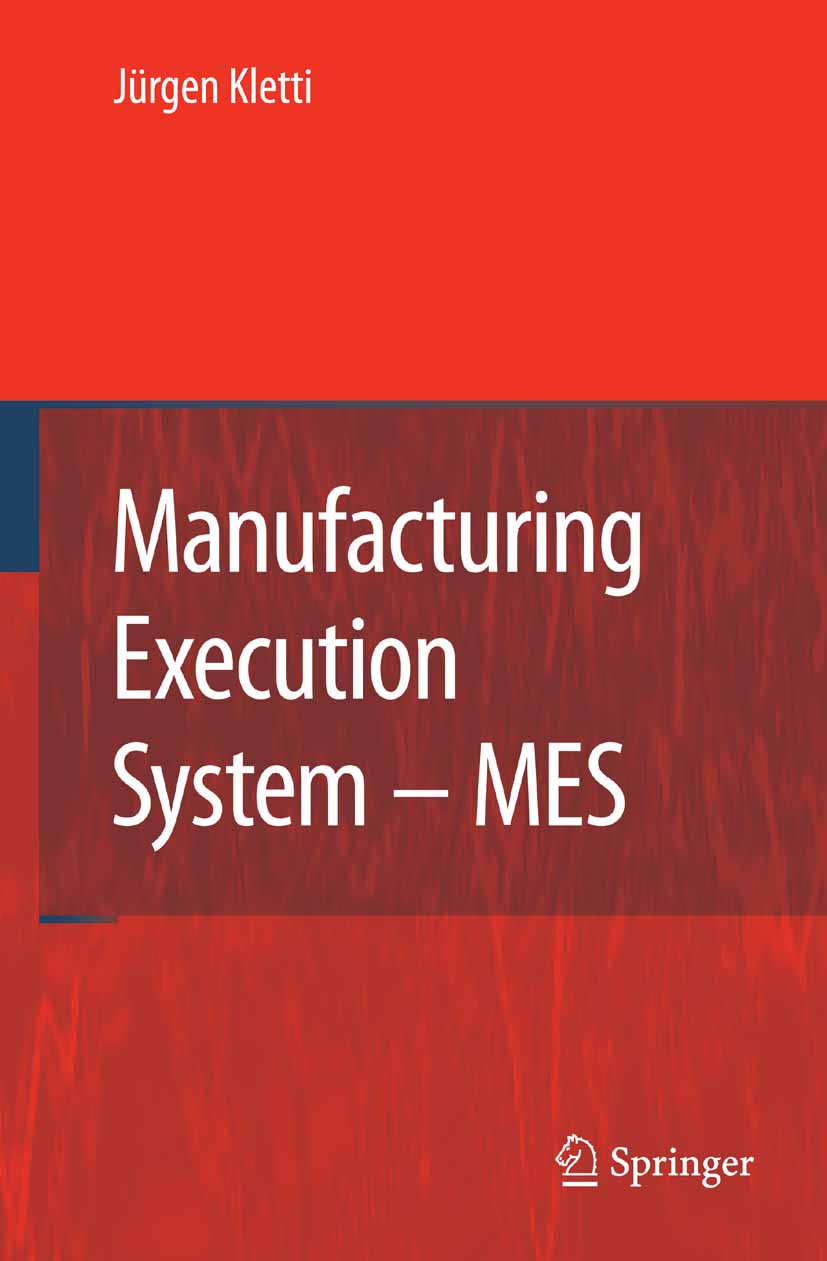
Manufacturing Execution System - MES With contributions of numerous experts TECHNOLOGY & ENGINEERING,General
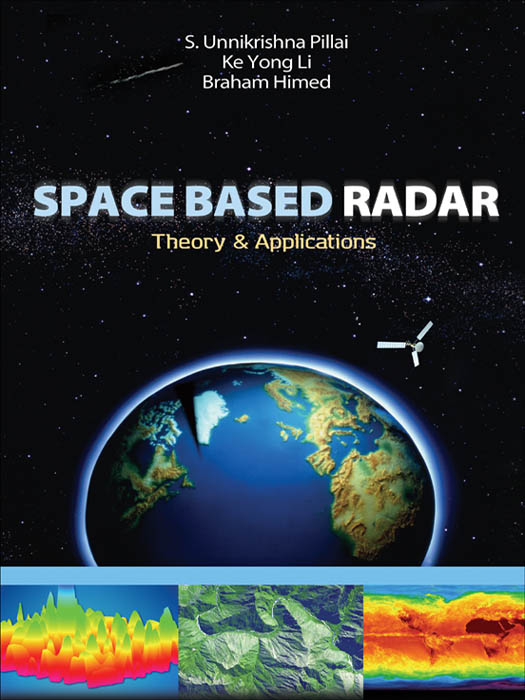
Space Based Radar The First Comprehensive Guide to the Principles, Design Methods, and Applications of Space Based Radar Turn to Space Based Radar for authoritative information on the latest developments in Space Based Radar (SBR), covering fundamental principles, cutting-edge design methods, and several new applications. This SBR guide focuses on clutter and target data generation from an SBR platform, and on Space Time Adaptive Processing (STAP) to enhance the target detection and the clutter cancellation capabilities of the radar system. Designed to save you hours of research time and effort, this one-stop resource explores the full range of SBR topics, including SBR footprint and range foldover phenomenon…Doppler shift that accounts for Earth's rotation…terrain modeling…STAP algorithms for enhanced target detection…and much more. Packed with over 250 full-color illustrations, Space Based Radar features: Complete coverage of the technical issues associated with SBR and their impact on system performance A CD containing all of the book's illustrations, equations, and samples; plus more than 250 PowerPoint slides for self-study or lectures Inside This Pioneering SBR Sourcebook • Introducing Space Based Radar • The Conics • Two Body Orbital Motion and Kepler's Laws • SBR Kinematics • Space Time Adaptive Processing for Space Based Radar • Performance Analysis Using Cramer-Rao Bounds • Waveform Diversity TECHNOLOGY & ENGINEERING,General
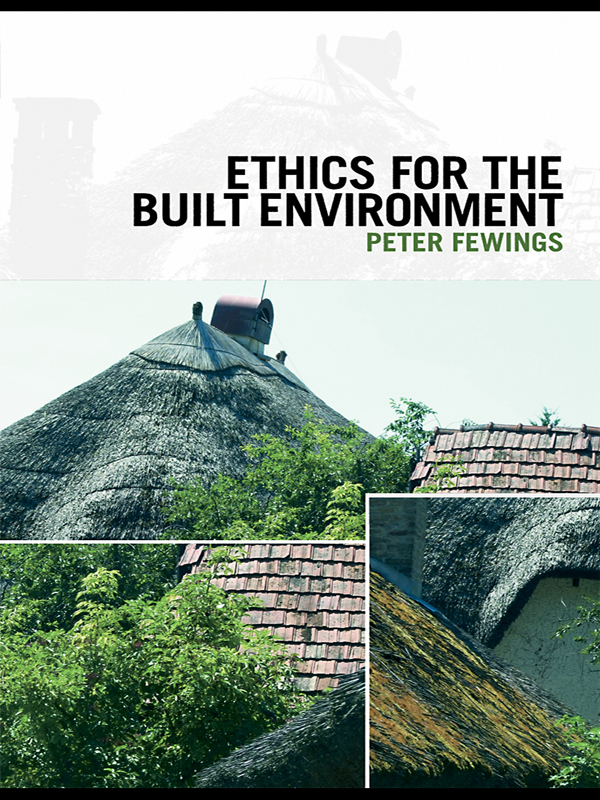
Ethics for the Built Environment Praise for Construction Project Management by Peter Fewings: "The complexity of the subject matter has at least been reinforced in an informative document with a large helping of common sense ... written in a comprehensive and well structured manner." Building Engineer Magazine Ethics are not an optional extra for the professional in the built environment sector. Whether you're a civil engineer, an architect or a construction project manager, an understanding of the ethical context of your work is an institutional requirement and a commercial demand, not to mention a matter of personal pride. Sometimes, as a construction professional you will be faced with complicated dilemmas, as commercial responsibilities clash with health and safety, environmental or competition concerns. Peter Fewings brings together practical construction project management experience with ethical theory to establish how best to deal with difficult issues. TECHNOLOGY & ENGINEERING,General

Principles of Space-Time Adaptive Processing This book presents a systematic introduction to airborne MTI (moving target indication) system design for use in the fields of earth observation, surveillance and reconnaissance, with particular regard to the suppression of clutter returns. New developments in the field and special aspects of airborne MTI radar are also covered. TECHNOLOGY & ENGINEERING,General
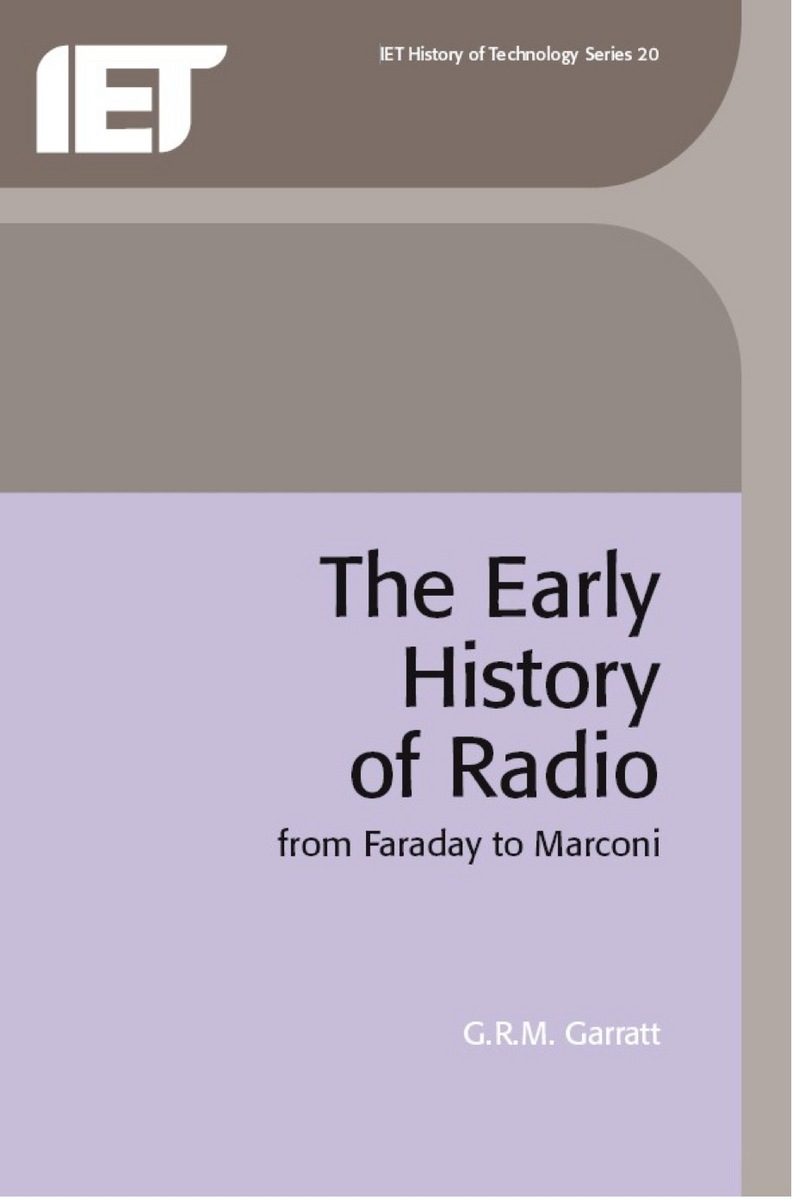
The Early History of Radio The Early History of Radio: From Faraday to Marconi outlines the sequence of development from Faraday's first prediction and concept of the electromagnetic field. TECHNOLOGY & ENGINEERING,General
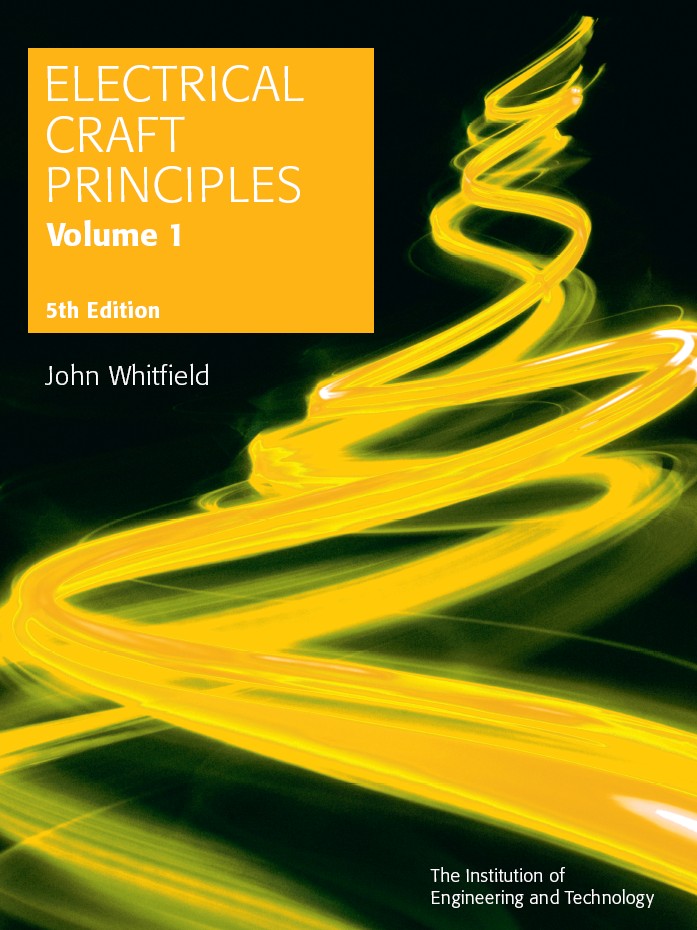
Electrical Craft Principles, Volume 1 This is the first of a two-volume work covering the electrical principles syllabuses of all of the major examining bodies including the City & Guilds of London Institute's electrical craft courses. It is also suitable for a wide range of other courses, including the first three years of the BTEC electrical series. TECHNOLOGY & ENGINEERING,General

Cut-and-Cover Metro Structures Because of their complexity and scale, metro structures capture all the essential aspects of a cut-and-cover structure, and so are given primary focus in this book. The design of a metro construction is outlined coherently and in detail; and the reader is shown how to apply this design process equally well to other, relatively simple, cut-and-cover TECHNOLOGY & ENGINEERING,General
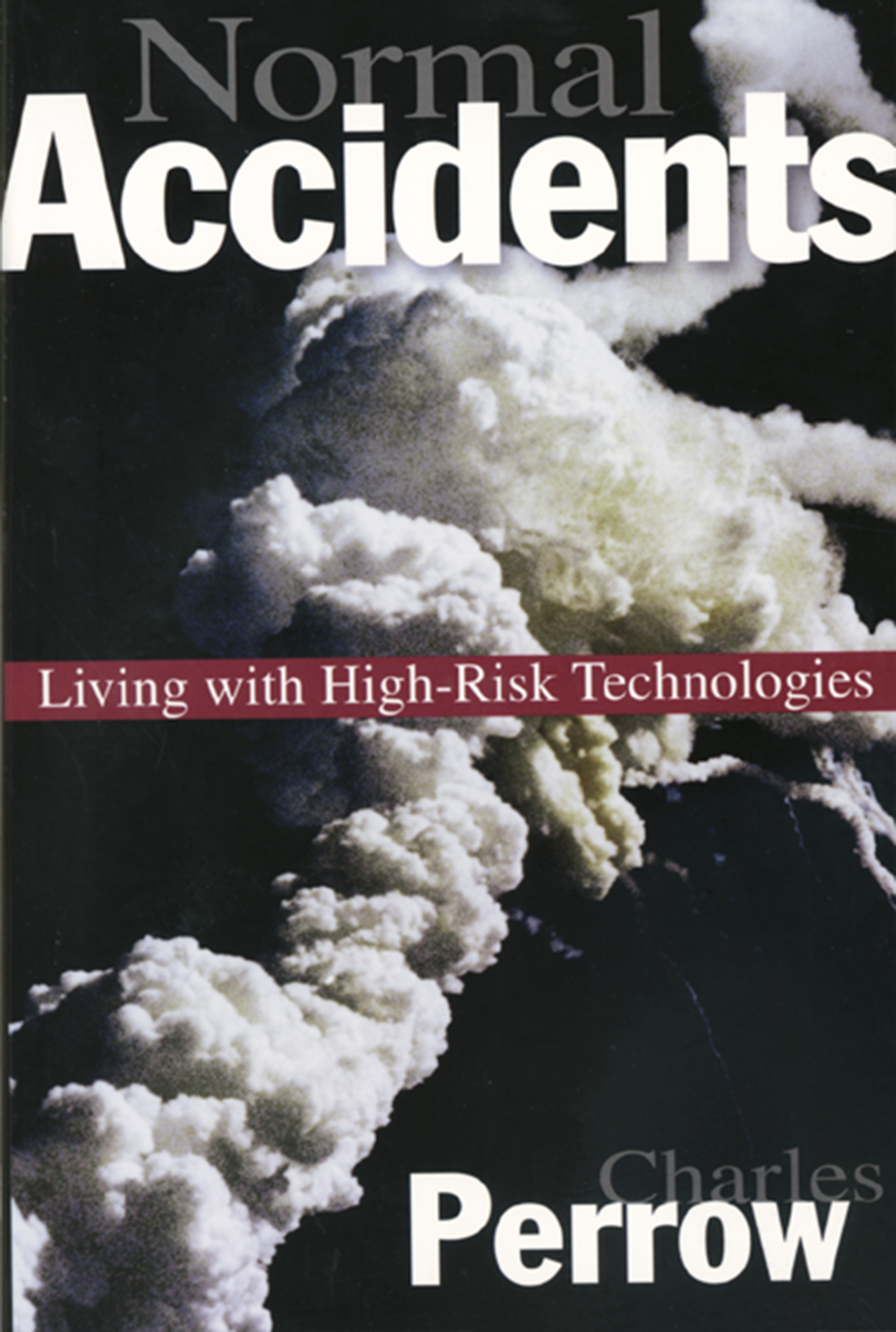
Normal Accidents Normal Accidents analyzes the social side of technological risk. Charles Perrow argues that the conventional engineering approach to ensuring safety--building in more warnings and safeguards--fails because systems complexity makes failures inevitable. He asserts that typical precautions, by adding to complexity, may help create new categories of accidents. (At Chernobyl, tests of a new safety system helped produce the meltdown and subsequent fire.) By recognizing two dimensions of risk--complex versus linear interactions, and tight versus loose coupling--this book provides a powerful framework for analyzing risks and the organizations that insist we run them. The first edition fulfilled one reviewer's prediction that it "may mark the beginning of accident research." In the new afterword to this edition Perrow reviews the extensive work on the major accidents of the last fifteen years, including Bhopal, Chernobyl, and the Challenger disaster. The new postscript probes what the author considers to be the "quintessential 'Normal Accident'" of our time: the Y2K computer problem. TECHNOLOGY & ENGINEERING,General
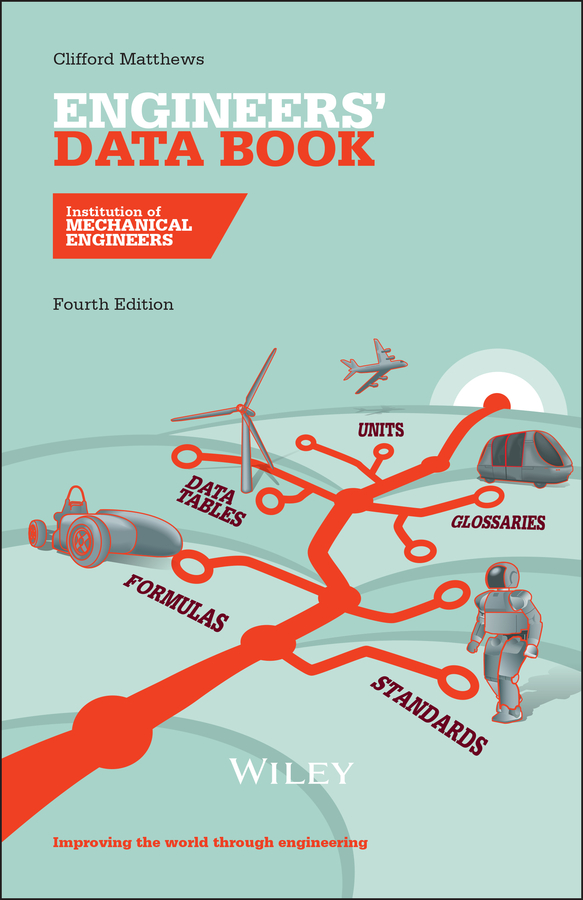
Engineers' Data Book A completely revised and expanded fourth edition of this best-selling pocket guide. Engineers' Data Book provides a concise and useful source of up-to-date essential information for the student or practising engineer. Updated, expanded edition Easy to use Handy reference guide Core technical data TECHNOLOGY & ENGINEERING,General

Holographic Interferometry Transparent in the visible range, phase objects can be studied in the optical range using holographic interferometry. Typically, the holograms are recorded on high-resolving-power holographic photo materials, but a lower spatial resolution is sufficient for successful research in many scientific applications. Holographic Interferometry: A Mach–Zehnder Approach offers practical guidance to research scientists and engineers using Mach–Zehnder holographic interferometry methods to study phase objects in the laboratory. The Mach–Zehnder approach allows the use of standard photographic film and electronic CCD/CMOS sensors with low resolving power, making it a simpler and more affordable option for testing many types of phase objects. This book demonstrates how to use standard photographic film for the optical recording and reconstruction of Mach–Zehnder holograms. It also illustrates techniques for using CCD/CMOS cameras to digitally record Mach–Zehnder holograms/interferograms of transparent objects. Bringing together original research and information scattered throughout existing literature, this book focuses on the holographic reference beam and shearing interferometry methods. In particular, it looks at how these methods and optical schemes can be directly applied to testing aerodynamic flows, as well as to plasmas, shocks, and waves in noncoherent laser–matter interactions. Numerous reconstructed and classic interferograms, deflectograms, and Schlierengrams illustrate the material, helping readers develop and design their own optimal optical scheme and choose applicable details to apply the approach. Describing methods in a mathematically simple and accessible way, this book is also suitable for graduate students in the fields of aerospace engineering and optics, as well as those in laser, thermal, and plasma physics. TECHNOLOGY & ENGINEERING,General
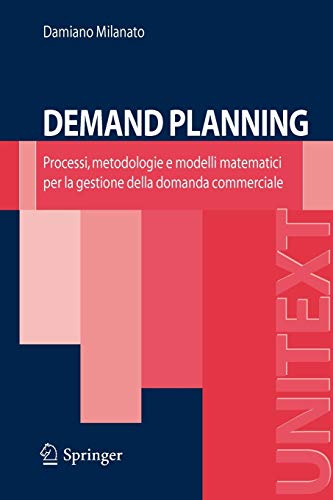
Demand Planning Il libro Demand Planning analizza metodi quantitativi, modelli matematici e processi aziendali per la gestione e la pianificazione della domanda commerciale delle aziende, relativa ai prodotti ed ai servizi realizzati. Fattori competitivi quali la proliferazione della gamma di prodotti, l’introduzione continua di nuovi prodotti presso nuovi mercati o canali distributivi, il limitato ciclo di vita dei prodotti, la progettazione di attività promozionali rivolte a fidelizzare i clienti e ad accrescere la quota di mercato aziendale, indicano il processo di Demand Planning come cruciale e strategico per la competitività delle aziende. La stima accurata e precisa della futura domanda commerciale, definita sotto forma di piano previsionale, consente all’azienda di definire in modo ottimale piani finanziari, piani strategici, piani operativi di produzione, distribuzione ed approvvigionamento dei materiali. Il libro affronta la complessità inerente la progettazione, la gestione e la manutenzione di un sistema di Demand Planning, attraverso le fasi di conduzione dei processi ad esso afferenti. Dopo aver inquadrato la disciplina del Demand Planning nell’ambito del contesto dei sistemi produttivi e logistici, noti come Supply Chain Management, vengono esplicitate le tre macrofasi in cui il Demand Planning è articolato: pre-forecasting, forecasting e post-forecasting, mediante l’analisi approfondita delle metodologie e dei modelli matematici di riferimento (Business Intelligence e Data Mining per l’analisi dei dati storici relativi alle vendite, Demand Forecasting per la generazione dei piano previsionale delle vendite, metodologie di Qualitative Forecasting e di analisi collaborativa del piano previsionale – quali ad esempio gestione delle promozioni, degli assortimenti, introduzione di nuovi prodotti – per la modifica della baseline statistica di forecast). Vengono da ultimo illustrate applicazioni di Demand Planning, relative alla progettazione ed al dimensionamento delle reti logistiche di fornitura (Supply Chain Networks), alla preparazione del piano principale di produzione e di distribuzione dei prodotti finiti (Supply Chain Planning), al dimensionamento ottimale delle scorte all’interno della filiera logistica (Inventory Planning). TECHNOLOGY & ENGINEERING,General

Waveform Design and Diversity for Advanced Radar Systems This postgraduate text focuses on novel transmission strategies as a way to improve performance in a variety of civil, defence and homeland security applications. It will also be of interest to R&D engineers in companies specialising in applications of radar signal processing. TECHNOLOGY & ENGINEERING,General
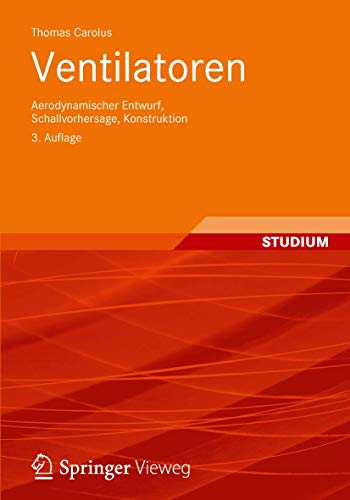
Ventilatoren Dieses Lehrbuch verbindet in einem einzigartigen Konzept Entwurf und Konstruktion radialer und axialer Ventilatoren mit dem Problem der Geräuschentwicklung und dessen Berechnung und Lösung im Stadium der Ventilatorenentwicklung. Es behandelt in seinem ersten Teil den aerodynamischen Entwurf radialer und axialer Ventilatoren, im zweiten Teil das Ventilatorengeräusch. Ziel ist es, ausgewählte, einfach anwendbare Verfahren des aerodynamischen Entwurfs und der Geräuschvorhersage zu beschreiben und deren physikalische Grundlagen aufzuzeigen. Übungsaufgaben mit Lösungswegen erleichtern das Verständnis. In der aktuellen Auflage wurde das Kapitel Konstruktive Geräuschminderungsmaßnahmen aktualisiert und der Übungsteil mit zusätzlichen Aufgaben erweitert. TECHNOLOGY & ENGINEERING,General
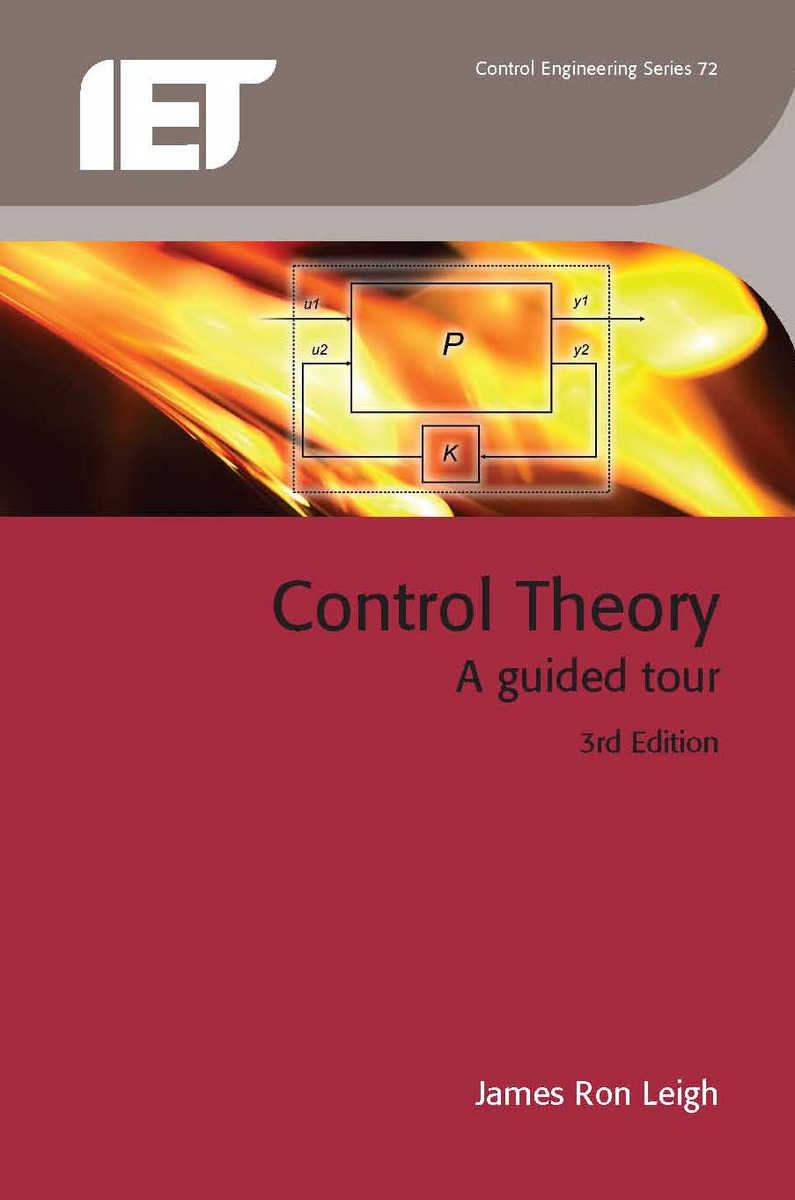
Control Theory This fully updated new edition of Control Theory concentrates on explaining and illustrating the concepts that are at the heart of control theory. TECHNOLOGY & ENGINEERING,General

HF Radio Systems and Circuits A comprehensive reference for the design of high frequency communications systems and equipment. This revised edition is loaded with practical data, much of which cannot be found in other reference books. TECHNOLOGY & ENGINEERING,General
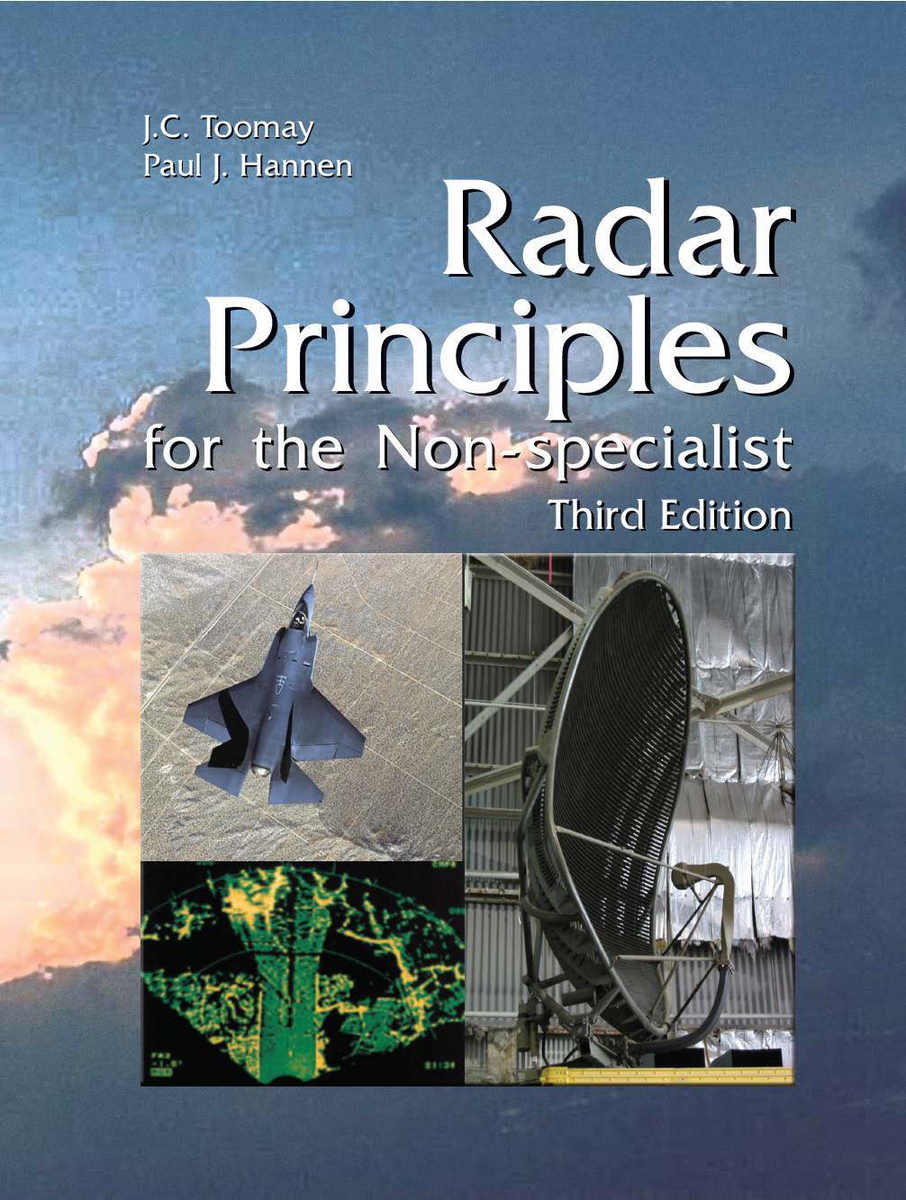
Radar Principles for the Non-Specialist Radar Principles for the Non-specialist, 3rd Edition continues its popular tradition: to distil the very complex technology of radar into its fundamentals, tying them to the laws of nature on one end and to the most modern and complex systems on the other. TECHNOLOGY & ENGINEERING,General
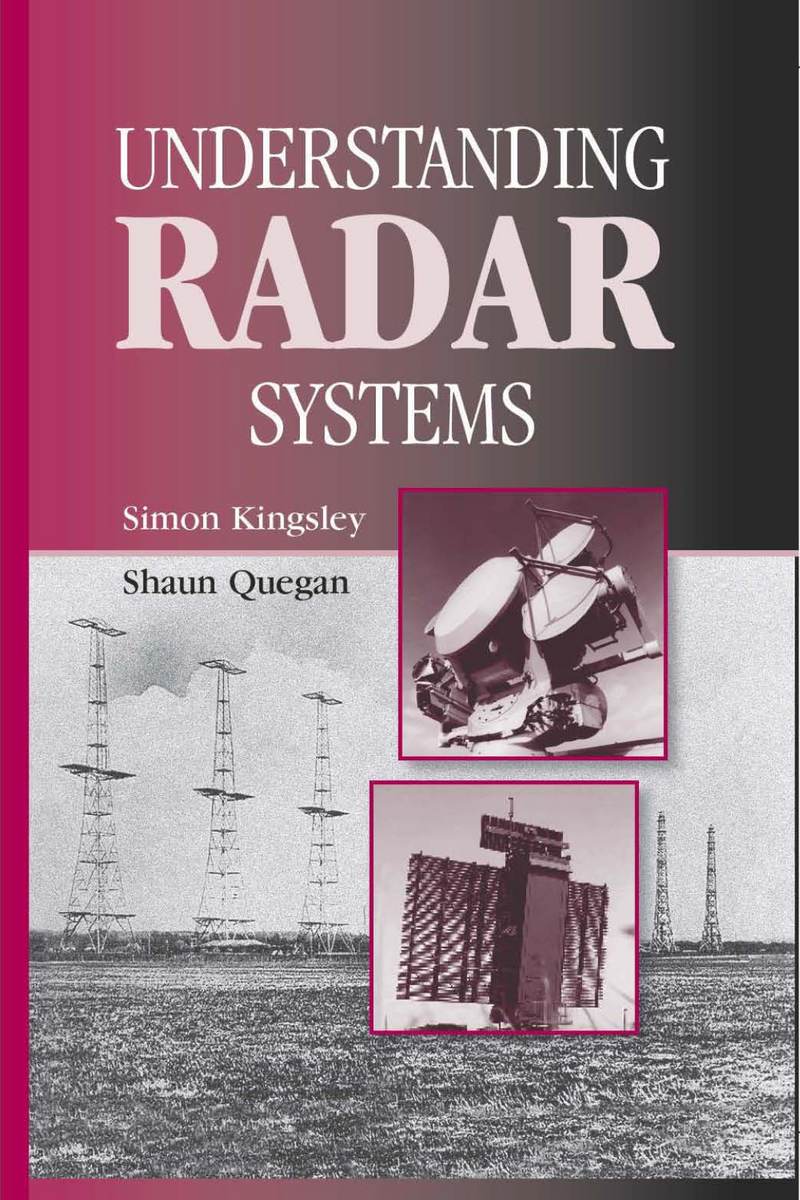
Understanding Radar Systems What is radar? What systems are currently in use? How do they work? Understanding Radar Systems provides engineers and scientists with answers to these critical questions, focusing on actual radar systems in use today. TECHNOLOGY & ENGINEERING,General
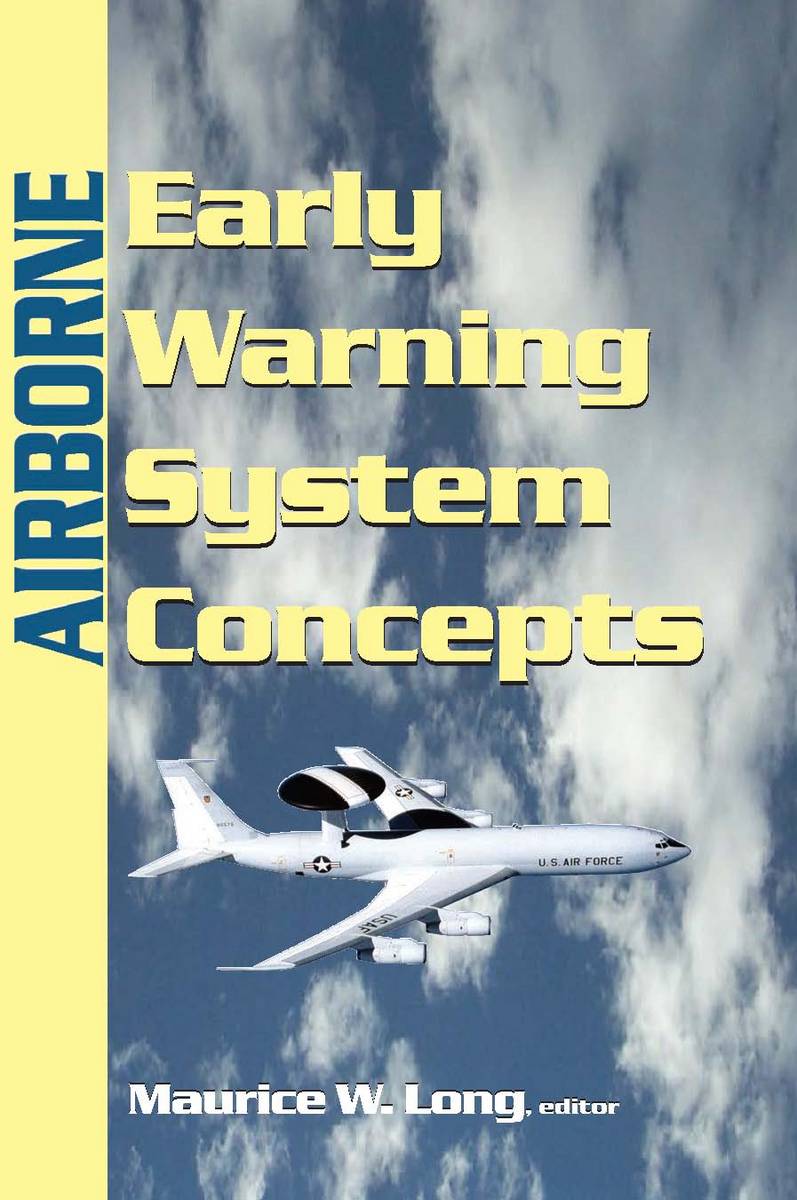
Airborne Early Warning System Concepts This comprehensive discussion of airborne early warning (AEW) system concepts encompasses a wide range of issues, including capabilities and limitations, developmental trends and opportunities for improvement. TECHNOLOGY & ENGINEERING,General
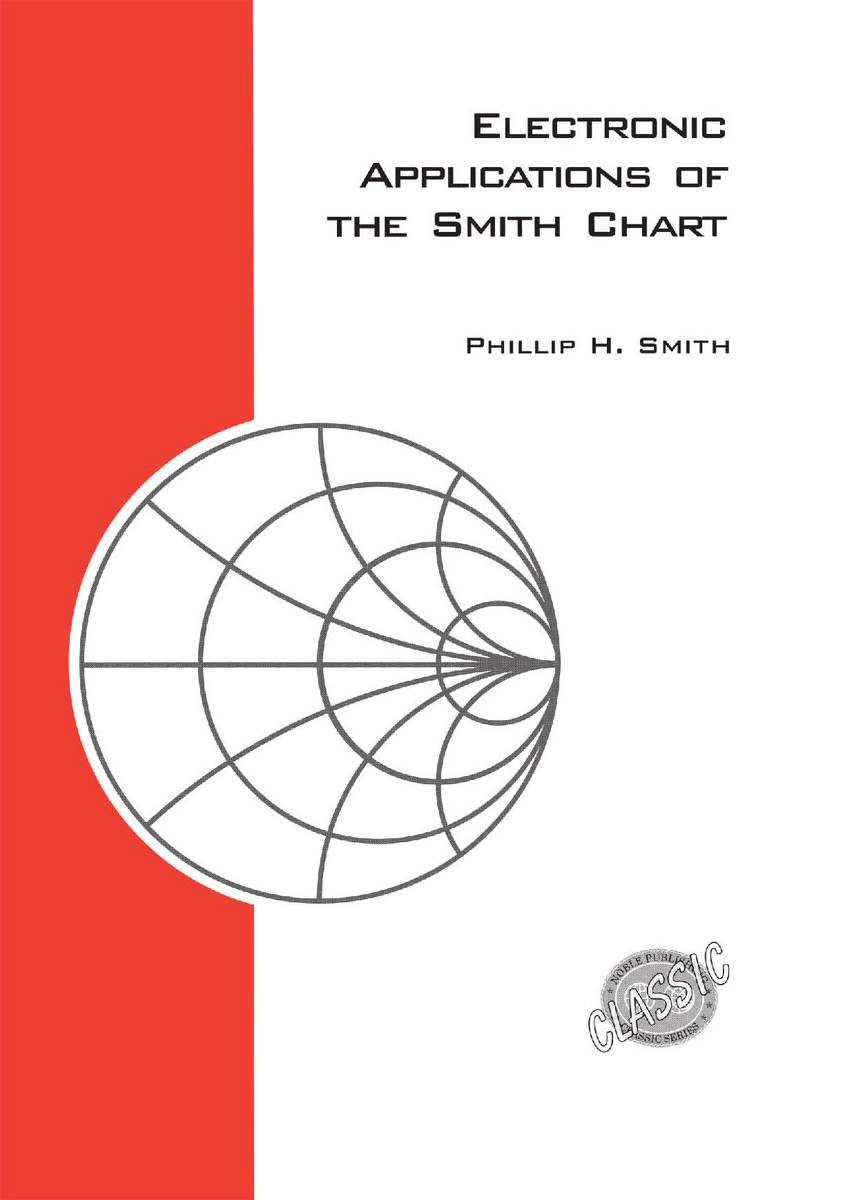
Electronic Applications of the Smith Chart This is the second edition of Electronic Applications of the Smith Chart, written by Phillip H. Smith, the originator of the Smith Chart. It covers the history, development and applications of the Smith Chart. TECHNOLOGY & ENGINEERING,General

Principles of Waveform Diversity and Design This is the first book to discuss current and future applications of waveform diversity and design in subjects such as radar and sonar, communications systems, passive sensing, and many other technologies. TECHNOLOGY & ENGINEERING,General
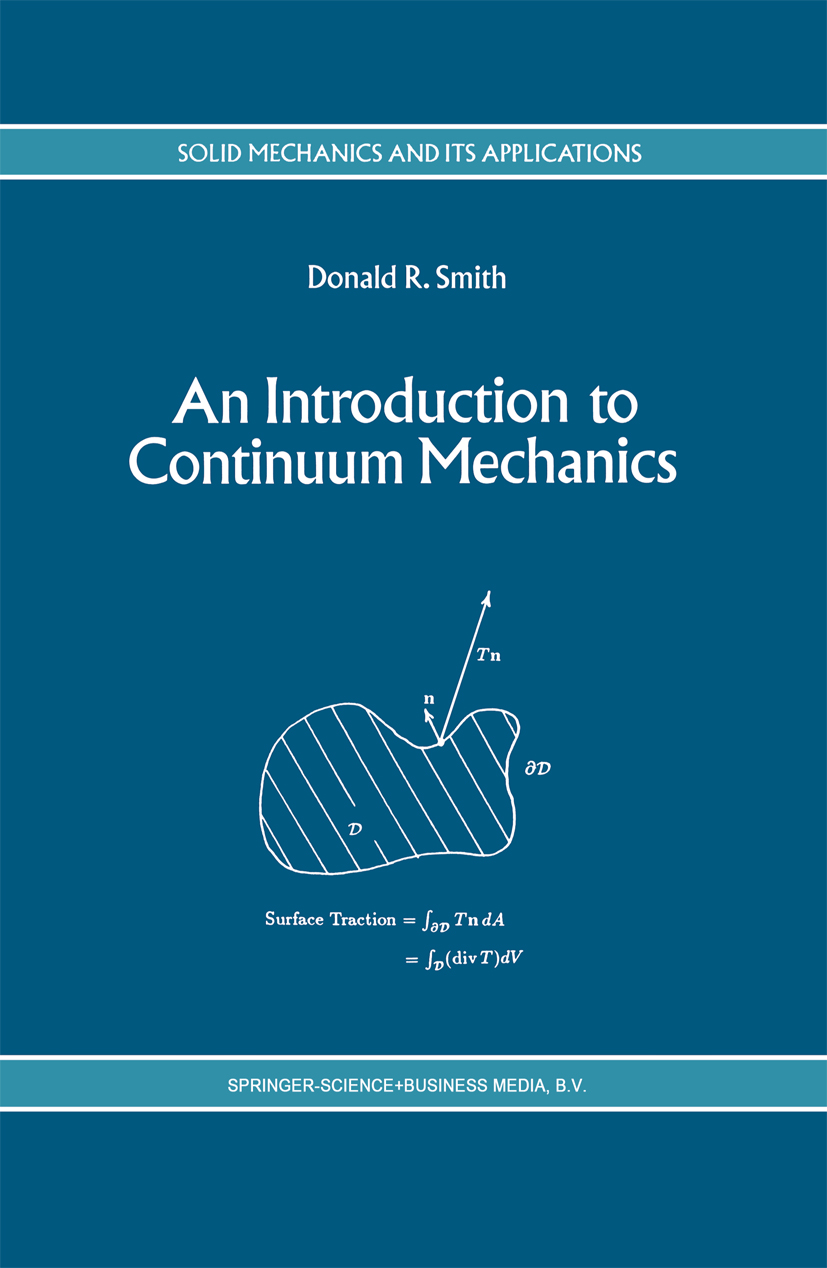
An Introduction to Continuum Mechanics - after Truesdell and Noll to Continuum Mechanics - after Truesdell and Noll by DONALD R. SMITH University of California -San Diego, Department of Mathematics, La Jolla, U. S. A. SPRINGER-SCIENCE+BUSINESS MEDIA, B. V. Library ofCongress Cataloging-in-Publication Data Smlth. Dona ld R. An introductlon to continuum mechanlcs ! by Donald R. Smlth. p. cm. -- . 24 0. 4 Gradients of Principal Invariants . . . . . . . . . . . . . . . . . . . . . . . . . . . . . . 32 38 0. 5 Chain Rules of Differentiation . . . . . . . . . . . . . . . . . . . . . . . . . . . . . . . . . 41 0. 6 Gradient of a Field . . . . . . . . . . . . . . . . . . . . . . . . . . . . . . . . . . . . . . . . . . . 45 0. TECHNOLOGY & ENGINEERING,General

Complex Analysis This volume contains the Proceedings of the International Workshop "Complex Analysis", which was held from February 12-16, 1990, in Wuppertal (Germany) in honour of H. Grauert, one of the most creative mathematicians in Complex Analysis of this century. In complete accordance with the width of the work of Grauert the book contains research notes and longer articles of many important mathematicians from all areas of Complex Analysis (Altogether there a re 49 articles in the volume). Some of the main subjects are: Cau chy-Riemann Equations with estimates, q-convexity, CR structures, deformation theory, envelopes of holomorphy, function algebras, complex group actions, Hodge theory, instantons, Kähler geometry, Lefschetz theorems, holomorphic mappings, Nevanlinna theory, com plex singularities, twistor theory, uniformization. TECHNOLOGY & ENGINEERING,General
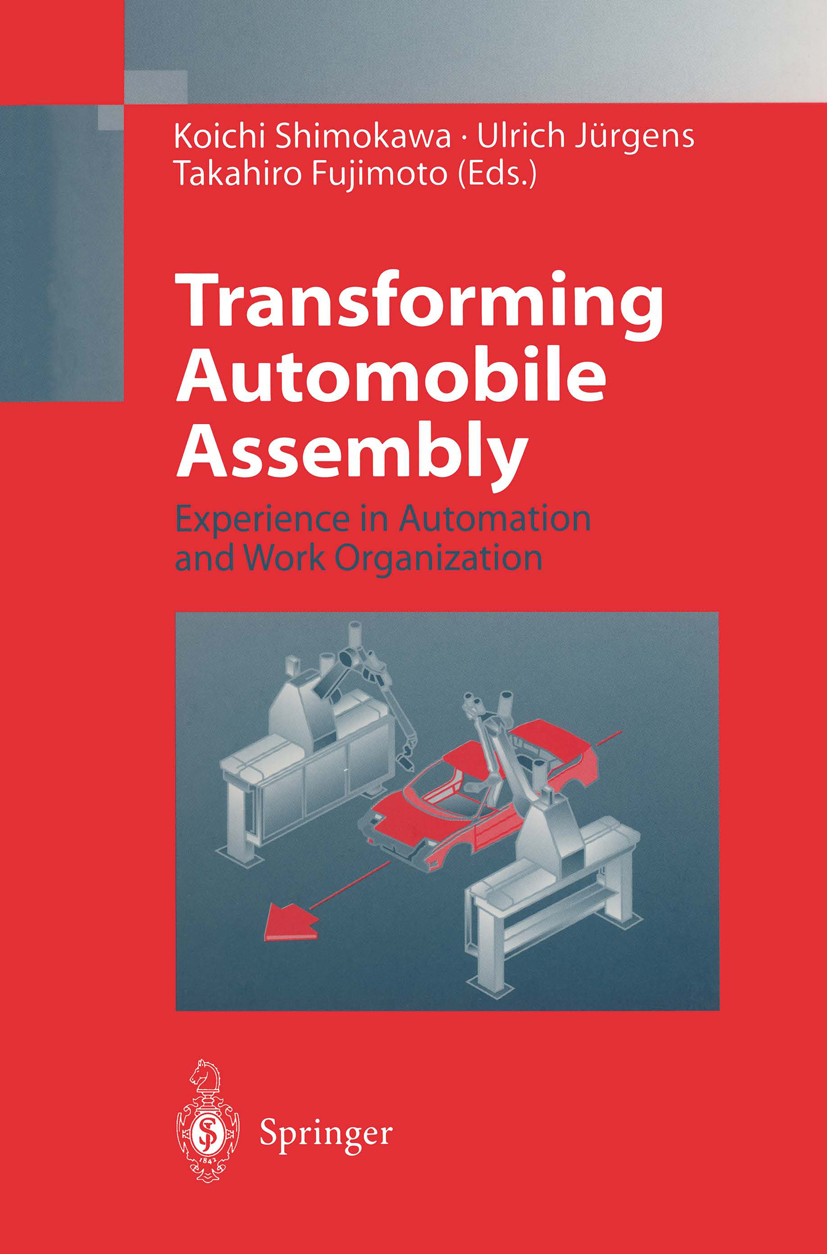
Transforming Automobile Assembly Five years after the publication of MITs lean production book practitioners and academics from Japan, USA and Europe present new concepts, findings and conclusions in regard to one of the most critical areas of automobile production. The focus of the book is to explore automation and work organization for the final assembly operations in the world automobile industry. The authors are company practitioners in charge of planning assembly operations and academic researchers drawing from recent empirical work. Thus, the book presents a multi-facetted view on a development of critical importance for future development of the industry. The book is rich with figures, fotos, tables, thus making the text vivid, easy to understand and illustrative. TECHNOLOGY & ENGINEERING,General
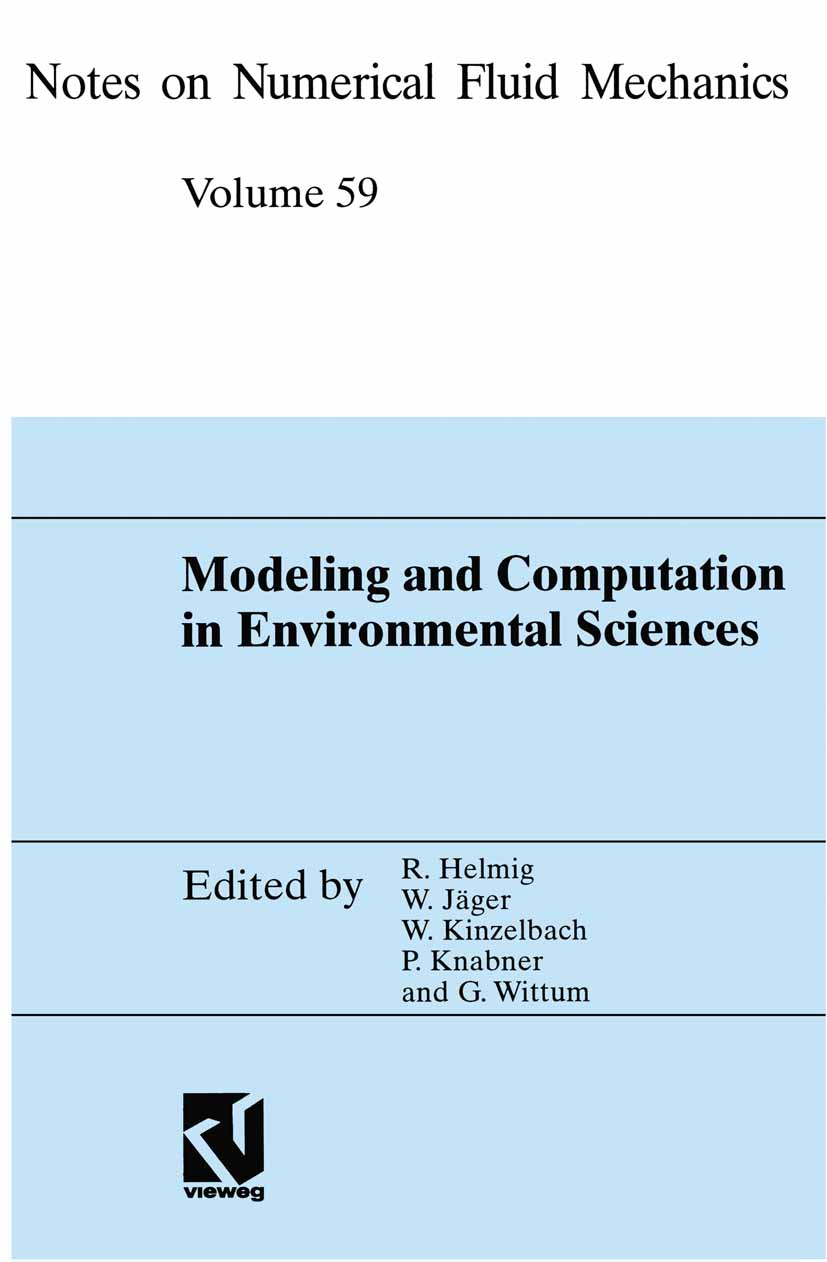
Modeling and Computation in Environmental Sciences This volume contains 20 contributions to the 1st GAMM-Seminar at ICA Stuttgart, which was held in Stuttgart, October 12 - 13, 1995. In the field of environmental sciences, numerical procedures for the simulation of ecological problems are growing increasingly topical. The solution of typical problems in environmental research is closely connected with numerical supercomputing. The main subject of the seminar was the modeling and numerical simulation of ground water and soil water. Further topics were multi-scale modeling, special discretization schemes, adaptivity, multi-grid methods, heterogenity, parameter identification, homogenization, density driven groundwater flow, and coupling of transport and chemistry. TECHNOLOGY & ENGINEERING,General

Fuzzy Logic This edited volume contains ten papers on the subject of fuzzy technology. Fuzzy technology emerged as a combination of fuzzy sets theory, fuzzy logic and fuzzy-based reasoning. As a technology it gained a very practical meaning through thousands of applications in different theoretical as well as practical disciplines, covering mathematics, physics, chemistry, biology, life science, social science, economy, computer science, and (foremost) electrical, electronic, mechanical, nuclear, chemical, textile, aeronautic, ocean, and many other engineering disciplines. The goal of this book is to create an interest in fuzzy technology among researchers, engineers, professionals and students involved in the research and development in the broad area of artificial intelligence. This book is also intended to bring the reader up-to-date in the area of implementations and applications of fuzzy technology, as well as to generate and stimulate new research ideas in this area. It may inspire and motivate the researcher in new directions, as well as creating a force for new efforts to make a fuzzy technology commonly known and used in science and engineering. This volume appears at a time of unprecedented research interest in the field of fuzzy technology. I intentionally wrote research due to the events that have occurred during the last couple of years. To be more specific, I should describe this interest geographically. TECHNOLOGY & ENGINEERING,General

Boundary Elements The GAMM Committee for "Efficient Numerical Methods for Partial Differential Equations" organizes seminars and workshops on subjects concerning the algorithmic treatment of partial differential equations. The topics are discretisation methods like the finite element and the boundary element method for various type of applications in struc tural and fluid mechanics. Particular attention is devoted to advanced solution method". The latest seminar in this series was the 12th Kiel-Seminar which took place on January 19-21, 1996 at Christian-Albrechts-University of Kiel and focussed on the topic Boundary Elements: Implementation and Analysis of Advanced Algorithms. The seminar was attended by 65 scientists from 10 countries. 23 lectures were given, including two survey lectures. In the last years, a remarkable progress in the numerical treatment of boundary de ment methods (BEM) has been obtained in Germany. This is, in particular, a res~I1t of a Schwerpunktverfahren supported by the DFG. Many aspects of the BEM are not ouly analysed but also implemented. Therefore, these proceedings present a number of papers on implementational aspects besides the analysis of advanced techniques. TECHNOLOGY & ENGINEERING,General

The Fundamentals of Density Functional Theory Density functional methods form the basis of a diversified and very active area of present days computational atomic, molecular, solid state and even nuclear physics. A large number of computational physicists use these meth ods merely as a recipe, not reflecting too much upon their logical basis. One also observes, despite of their tremendeous success, a certain reservation in their acceptance on the part of the more theoretically oriented researchers in the above mentioned fields. On the other hand, in the seventies (Thomas Fermi theory) and in the eighties (Hohenberg-Kohn theory), density func tional concepts became subjects of mathematical physics. In 1994 a number of activities took place to celebrate the thirtieth an niversary of Hohenberg-Kohn-Sham theory. I took this an occassion to give lectures on density functional theory to senior students and postgraduates in the winter term of 1994, particularly focusing on the logical basis of the the ory. Preparing these lectures, the impression grew that, although there is a wealth of monographs and reviews in the literature devoted to density func tional theory, the focus is nearly always placed upon extending the practical applications of the theory and on the development of improved approxima tions. The logical foundadion of the theory is found somewhat scattered in the existing literature, and is not always satisfactorily presented. This situation led to the idea to prepare a printed version of the lecture notes, which resulted in the present text. TECHNOLOGY & ENGINEERING,General
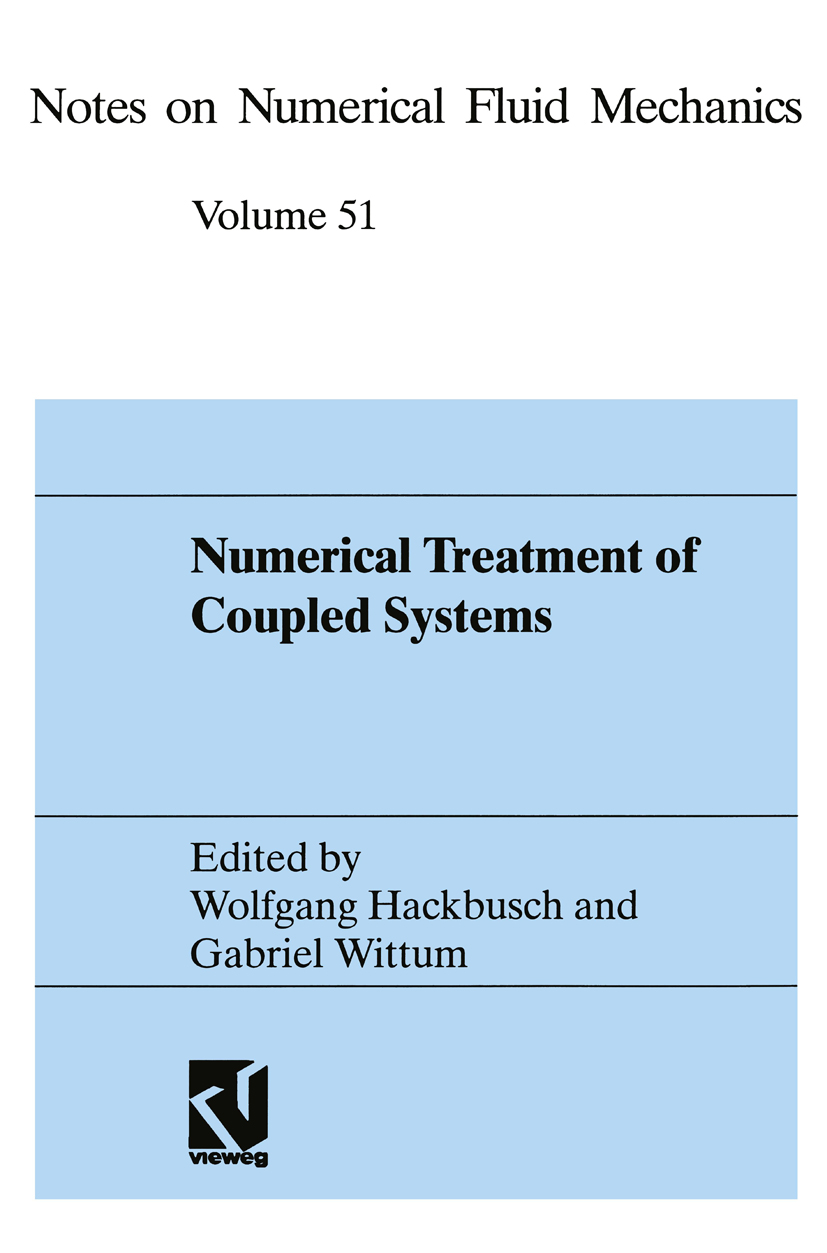
Numerical Treatment of Coupled Systems The GAMM Committee for "Efficient Numerical Methods for Partial Differential Equations" organizes seminars and workshops on subjects concerning the algorithmic treatment of partial differential equations. The topics are discretisation methods like the finite element and the boundary element method for various type of applications in structural and fluid mechanics. Particular attention is devoted to the advanced solution methods. The series of such seminars was continued in 1995, January 20-22, with the 11th Kiel-Seminar on the special topic Numerical Treatment of Coupled Systems at the Christian-Albrechts-University of Kiel. The seminar was attended by 100 scientist from 9 countries. 23 lectures were given, including two survey lectures. Different kinds of couplings are considered in this volume. The coupling of different components may occur in the physical model. On the other hand, a coupling of subsystems can be generated by the numerical solution technique. General examples of the latter kind are the domain decomposition (see p. 128) or subspace decomposition (p. 117). The local defect correction method couples different discretizations of the same problem in order to improve the results, although the basic linear system to be solved remains unchanged (p. 47). In general, the aim of the numerical coupling is to make use of (efficient) subsystem solvers (p. 1). The combination of different discretization techniques is mentioned on page 59. TECHNOLOGY & ENGINEERING,General
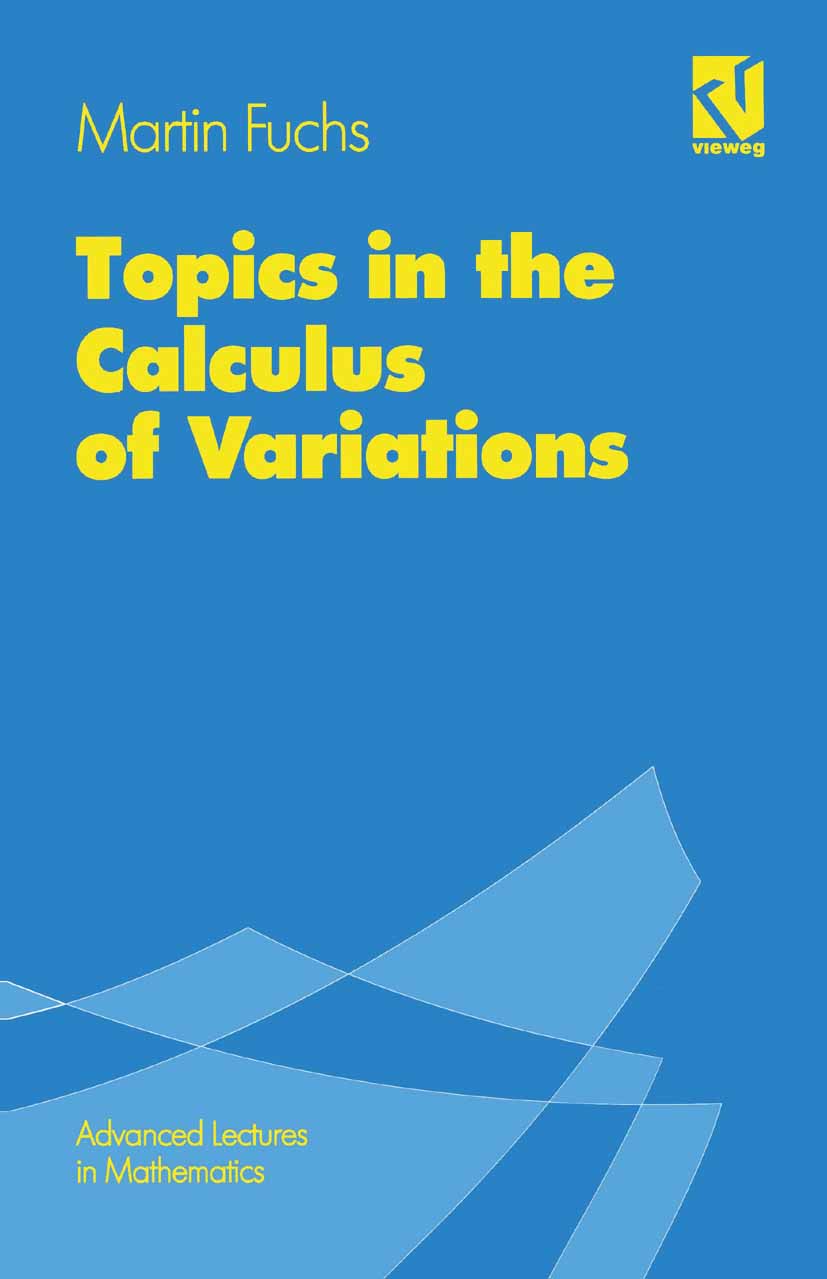
Topics in the Calculus of Variations This report grew out of a series of lectures given at the East China Institute of Technology, Nanjing, during September 1992. The purpose of this book is to make beginning research students familiar with some problems in varia tional calculus which have been chosen following my personal taste but with the attempt to illustrate two basic principles in the calculus of variations which are the fundamental question of existence of (generalized) solutions and closely related the question of regularity. Chapter one is devoted to the study of variational integrals for vectorvalued functions which began with the pioneering work of Morrey [68] in the thirties. We concentrate on problems where also nonlinear side conditions are imposed on the classes of admissi ble comparison functions. As special cases we include mappings whose range is forced to lie in some Riemannian manifold possibly with boundary or functions whose Jacobian is required to be strictly positive. The variational integrals under consideration are typically nonquadratic with respect to the gradient which immediately leads us to classes of degenerate elliptic systems. Let us mention some of the most important applications: • p-harmonic maps between Riemannian manifolds • systems of degenerate variational inequalities • model problems in nonlinear elasticity. Usually by working in appropriate Sobolev spaces, the existence of gener alized solutions is rather easy to establish (see [7]) but leads to apriori dis continuous functions. TECHNOLOGY & ENGINEERING,General

Mathematics in Industrial Problems This is the sixth volume in the series "Mathematics in Industrial Prob lems. " The motivation for these volumes is to foster interaction between Industry and Mathematics at the "grass roots level"; that is, at the level of specific problems. These problems come from Industry: they arise from models developed by the industrial scientists in ventures directed at the manufacture of new or improved products. At the same time, these prob lems have the potential for mathematical challenge and novelty. To identify such problems, I have visited industries and had discussions with their scientists. Some of the scientists have subsequently presented their problems in the IMA Seminar on Industrial Problems. The book is based on the seminar presentations and on questions raised in subse quent discussions. Each chapter is devoted to one of the talks and is self contained. The chapters usually provide references to the mathematical literature and a list of open problems which are of interest to the industrial scientists. For some problems a partial solution is indicated briefly. The last chapter of the book contains a short description of solutions to some of the problems raised in previous volumes, as well as references to papers in which such solutions have been published. The speakers in the seminar on Industrial Problems have given us at the IMA hours of delight and discovery. My thanks to Thomas Hoffend (3M), John Spence (Eastman Kodak Company), Marius Orlowski (Mo torola, Inc. ), Robert J. TECHNOLOGY & ENGINEERING,General
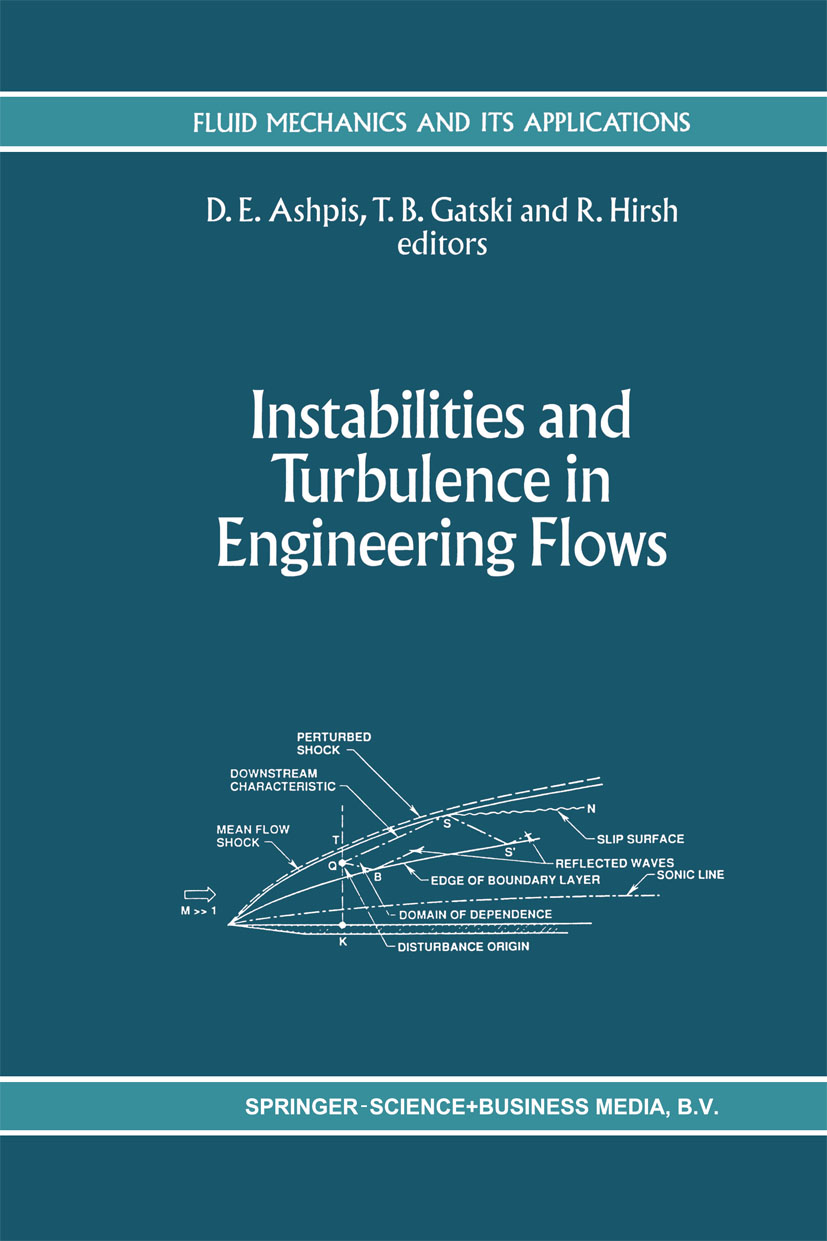
Instabilities and Turbulence in Engineering Flows This book contains contributions by colleagues, former students and friends of Professor Eli Reshotko in celebration of his 60th birth day. Since Professor Reshotko's scientific and engineering contribu tions have been in the areas of hydrodynamic stability, transition to turbulence, and boundary layer flows, it is only appropriate that the articles in this volume be devoted to these and related topics. The first two sections focus on instabilities and transition in sub sonic and supersonic flows, respectively. The third section deals with developing turbulence, while the the final section treats related prob lems in engineering fluid mechanics. The diversity and scope of the articles contained herein exemplify the insight and expertise required in the study of transitional and turbulent flows today - traits which also exemplify Eli Reshotko's contributions to these fields. A few of the articles in this volume were presented at a sym posium in honor of Eli Reshotko's 60th birthday, held in Newport News, Virginia, on July 28, 1991. The symposium was sponsored by lCASE, and organized by M.Y. Hussaini (lCASE) and R. Hirsh (U.S. National Science Foundation). Of those who could not attend, many chose to honor Professor Reshotko by a contribution to the volume dedicated to him. We would like to use this opportunity to express our deep ap preciation to M.Y. Hussaini for initiating this very special tribute to Eli, and to Ms. Emily Todd for her efforts in the volume preparation and in the organization of the symposium. TECHNOLOGY & ENGINEERING,General

Piezoelectric Shells Exploiting new advanced structures and electromechanical systems, e. g. , adaptive structures, high-precision systems, micro electromechanical systems, distributed sensors/actuators, precision manipulation and controls, etc. , has been becoming one of the mainstream research and development activities (structure & motion) in recent years. These new systems and devices could bring a new technological revolution in modern industries and further, directly or indirectly, impact human life. In the search for and research in innovative technologies, it is proved that piezoelectric materials are very versatile in both sensor and actuator applications. Consequently, piezoelectric technology has been widely applied to a large number of industrial applications and devices, varying from thin-film micro sensors/actuators to large space structures in addition to those relatively conventional applications, e. g. , sensors, actuators, hydrophones, precision manipulators, mobile robots, micro motors, etc. There have been a few books on piezoelectricity published in the past; however, a unified presentation of piezoelectric shells and distributed senSing/control applications is still lacking. This book is intended to fill the gap and to pro~de practising engineers and researchers with an introduction to advanced piezoelectric shell theories and distributed sensor/actuator technologies in structural identification and control. This book represents a collection of the author's recent research and development on piezoelectric shells and related applications to distributed measurement and control of continuaj it reflects six best-paper awards, including [ xviii] • Contents. two ASME Best-Paper Awards in recent years. TECHNOLOGY & ENGINEERING,General
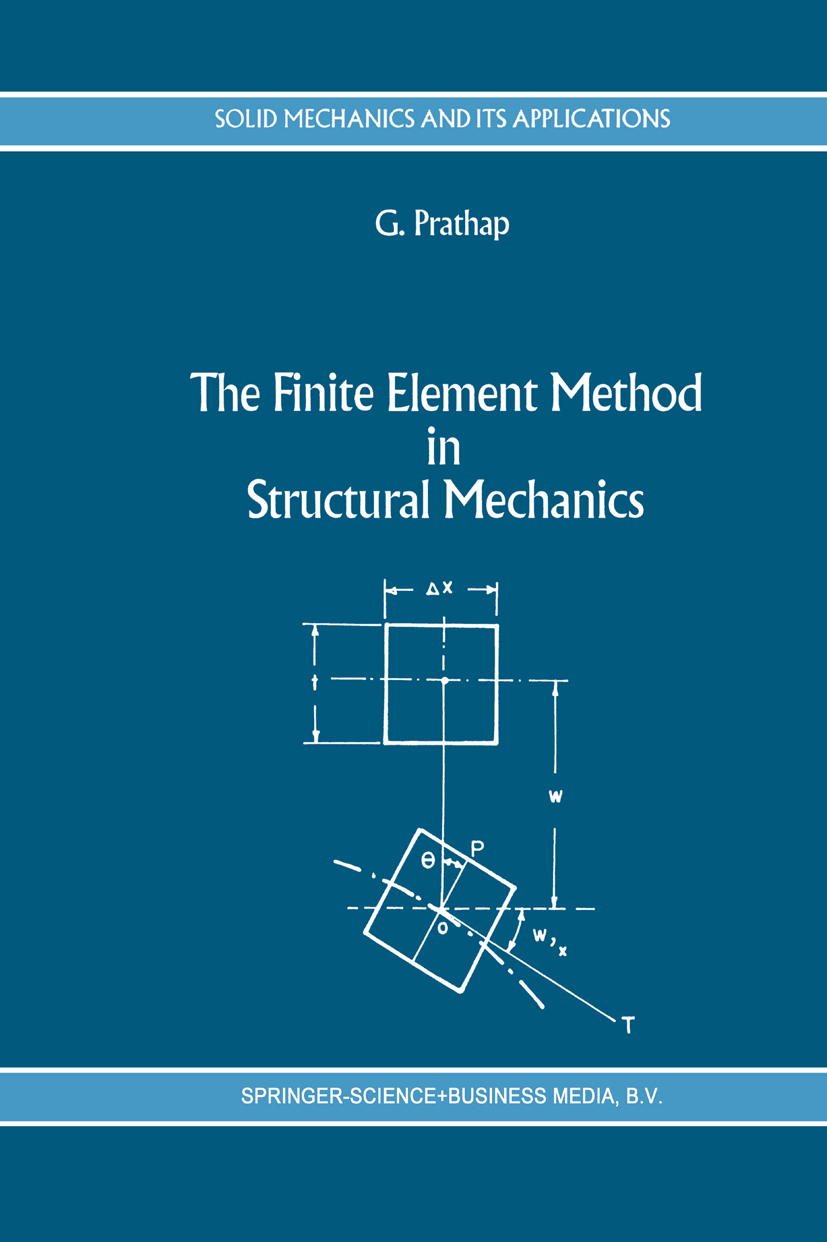
The Finite Element Method in Structural Mechanics This book is not intended to be a text-book, delineating the full scope of finite element methodology, nor is it a comprehensive handbook of modern finite element practice for the finite element engineer. There are enough books that serve to do these and more. It is however intended as a monograph or treatise on a very specific area - the design of robust and accurate elements for applications in struc tural mechanics. It attempts to describe the epistemological conflict between the principles in finite element technology that can be described as Art and those that have a scientific basis invested in it and which can be admitted as science as the subject evolved and came to be accepted. The principles of structural mechanics as a branch of physics are well founded and have a sound scientific basis. The mathematical description of it has also a long history and is rigorously based on the infinitesimal and variational calculus. Of much more recent origin has been the branch of knowledge dealing with the numerical modelling of the beha viour of structural material. The most powerful method available to do this today is the finite element method. It is eminently suited to carry out the entire cycle of design and analysis of a structural configuration on a digital computer. TECHNOLOGY & ENGINEERING,General

Cam Synthesis Despite advances in robot technology, in which industrial manipulators have replaced mechanisms, cam mechanisms still find important industrial applications in the textile, food processing and manufacturing industries. This book is a modern, up-to-date treatise on the important subject of cam synthesis. Cam mechanisms have been studied from different points of view, namely, kinematic synthesis, dynamic synthesis, analysis, design, optimization and manufacturing. This book is oriented to the kinematic synthesis of cam mechanisms in a unified framework, i.e. that spatial, spherical and planar cam mechanisms are integrated in the same formulation. Traditionally, the synthesis of the three types of cam mechanisms has been approached using independent formulations. With a unified formulation, both well known types of cam mechanisms, as well as novel cam mechanisms can be synthesized, as shown in the book. Moreover, since all the design parameters are considered in a unified framework, the optimization theory of cam mechanisms can be applied systematically, i.e. the criteria applied for the optimization of planar cam mechanisms, which can be found to some extent in the literature, can be complemented in order to provide general criteria for the optimization of spherical and spatial cam mechanisms. The underlying philosophy of the book has been to exploit sound mathematical and kinematical tools of analysis and synthesis that could be used only with the available current software and hardware. The approach and tools introduced in this book can assist the designer in producing a broad spectrum of mechanisms than those described in the book. This will be an invaluable reference for engineering designers. TECHNOLOGY & ENGINEERING,General
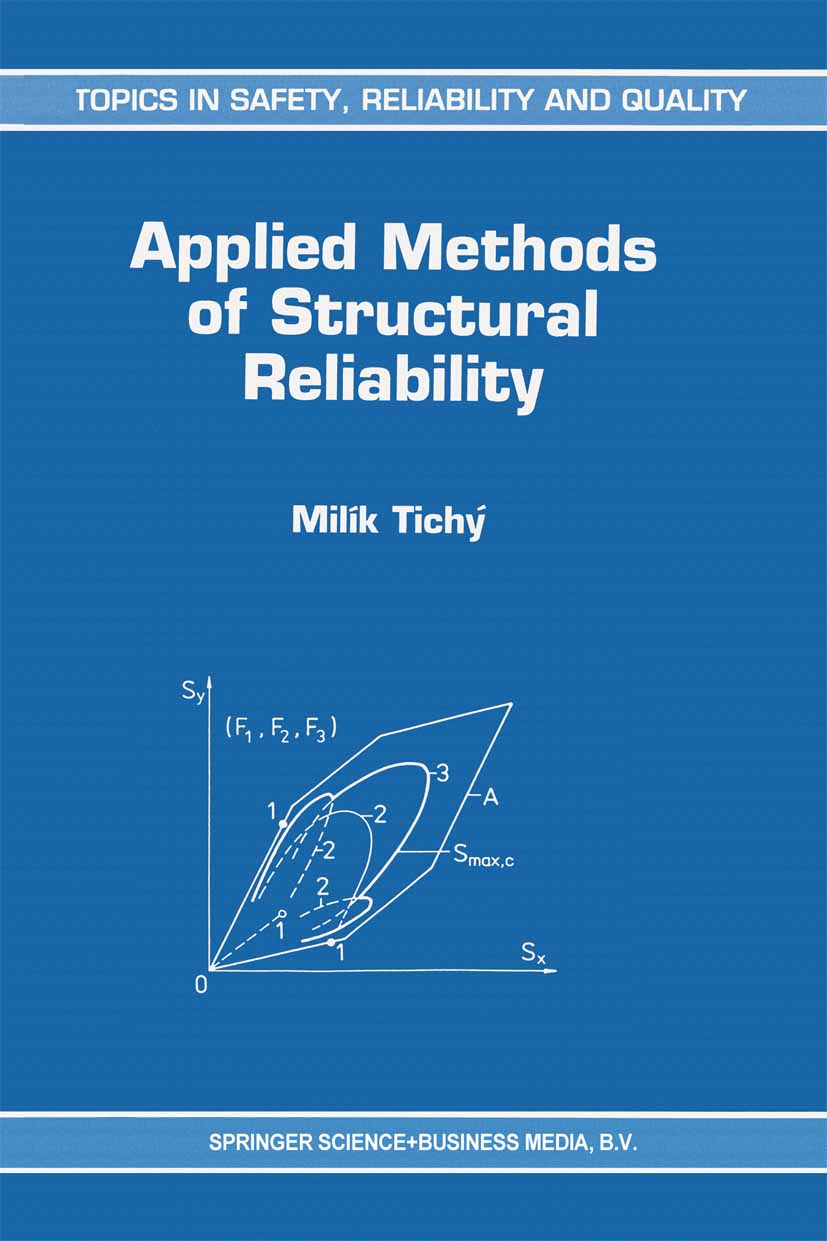
Applied Methods of Structural Reliability A quarter of the century has elapsed since I gave my first course in structural reliability to graduate students at the University of Waterloo in Canada. Since that time on I have given many courses and seminars to students, researchers, designers, and site engineers interested in reliability. I also participated in and was responsible for numerous projects where reliability solutions were required. During that period, the scope of structural reliability gradually enlarged to become a substantial part of the general reliability theory. First, it is apparent that bearing structures should not be isolated objectives of interest, and, consequently, that constntCted facilities should be studied. Second, a new engineering branch has emerged -reliability engineering. These two facts have highlighted new aspects and asked for new approaches to the theory and applications. I always state in my lectures that the reliability theory is nothing more than mathematized engineering judgment. In fact, thanks mainly to probability and statistics, and also to computers, the empirical knowledge gained by Humankind's construction experience could have been transposed into a pattern of logic thinking, able to produce conclusions and to forecast the behavior of engineering entities. This manner of thinking has developed into an intricate network linked by certain rules, which, in a way, can be considered a type of reliability grammar. We can discern many grammatical concepts in the general structure of the reliability theory. TECHNOLOGY & ENGINEERING,General
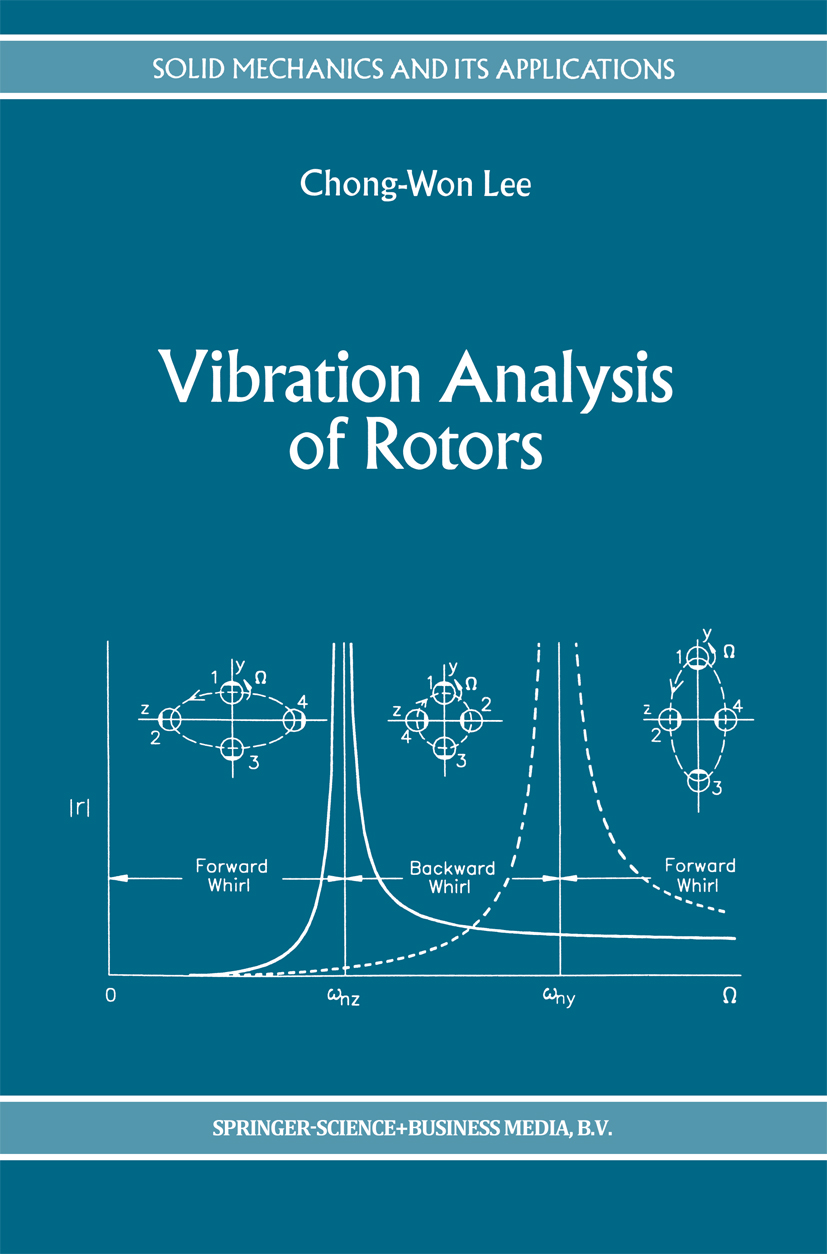
Vibration Analysis of Rotors This text is intended for use as an advanced course in either rotordynamics or vibration at the graduate level. This text has mostly grown out of the research work in my laboratory and the lectures given to graduate students in the Mechanical Engineering Department, KAIST. The text contains a variety of topics not normally found in rotordynamics or vibration textbooks. The text emphasizes the analytical aspects and is thus quite different from conventional rotordynamics texts; potential readers are expected to have a firm background in elementary rotordynamics and vibration. In most previously published rotordynamics texts, the behavior of simple rotors has been of a primary concern, while more realistic, multi-degree-f-freedom or continuous systems are seldom treated in a rigorous way, mostly due to the difficulty of a mathematical treatment of such complicated systems. When one wanted to gain a deep insight into dynamic phenomena of complicated rotor systems, one has, in the past, either had to rely on computational techniques, such as the transfer matrix and finite element methods, or cautiously to extend ideas learned from simple rotors whose analytical solutions are readily available. The former methods are limited in the interpretation of results, since the calculations relate only to the simulated case, not to more general system behavior. Ideas learned from simple rotors can, fortunately, often be extended to many practical rotor systems, but there is of course no guarantee of their validity. TECHNOLOGY & ENGINEERING,General

Subsea International’ 93 The three parts of this volume - Technical Refinement; Technical Innovation; and Project Management and Risk Minimisation - reflect the areas of opportunity for improved cost effective techniques for exploration and production of oil and gas in the North Sea and worldwide. The book is indispensable for engineers and scientists interested in the latest advances in technology and resource management that will reduce costs and continue to enhance the safe exploration of oil and gas resources. This volume comprises a selection of contributions presented at the International Conference Subsea International '93, held 28--29 April 1993 in Aberdeen, U.K. TECHNOLOGY & ENGINEERING,General
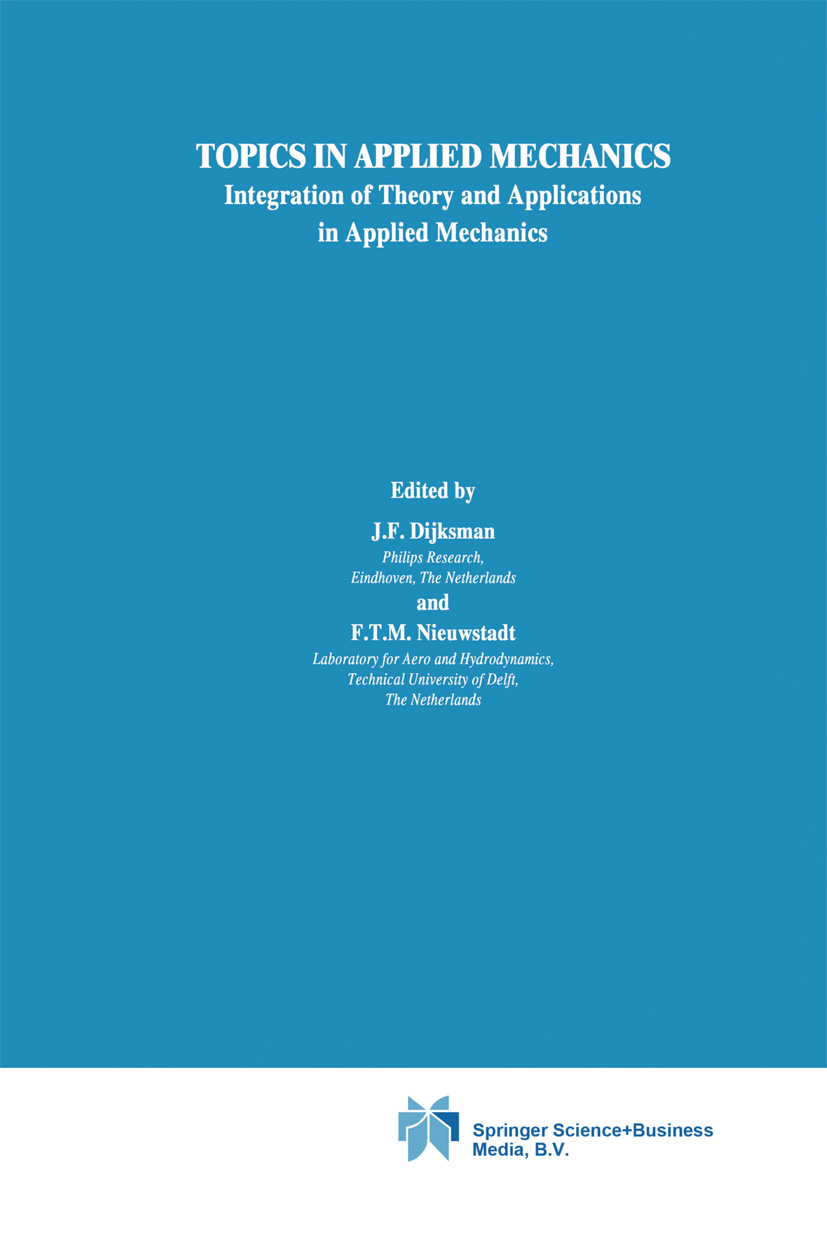
Topics in Applied Mechanics In collaboration with the Contact Group Experimental Mechanics in The Netherlands and under the auspices of the Technological Institute of the Koninklijke Vlaamse Ingenieurs Vereniging (Royal Flemish Society of Engineers), the Department of Ap plied Mechanics of the Koninklijk Instituut van Ingenieurs (Royal Institution of Engineers in The Netherlands) organised the second National Mechanics Congress in The Netherlands, on November 16-18, 1992. About hundred participants from universities and industrial research laboratories in The Netherlands and Belgium discussed topics around the theme: Building Bridges, Integration of Theory and Applications in Applied Mechanics. Building bridges is of course one of the main tasks of a civil engineer, in order to improve the infrastructure of our society. Strength, stiffness and stability have to be guaranteed for a large number of years of service. Localised effects such as shear lag in longitudinal stiffeners, small cracks in concrete structures and effects of corrosion may on the long tenn lead to catastrofic failure of bridges. During the congress J.P. Gailliez presented a talk about the hydraulic ship lifts in the Canal du Centre in south Belgium. Built more than a hundred years ago, the elevators still are in a perfect condition and are recognized now as an industrial archeological monument. TECHNOLOGY & ENGINEERING,General
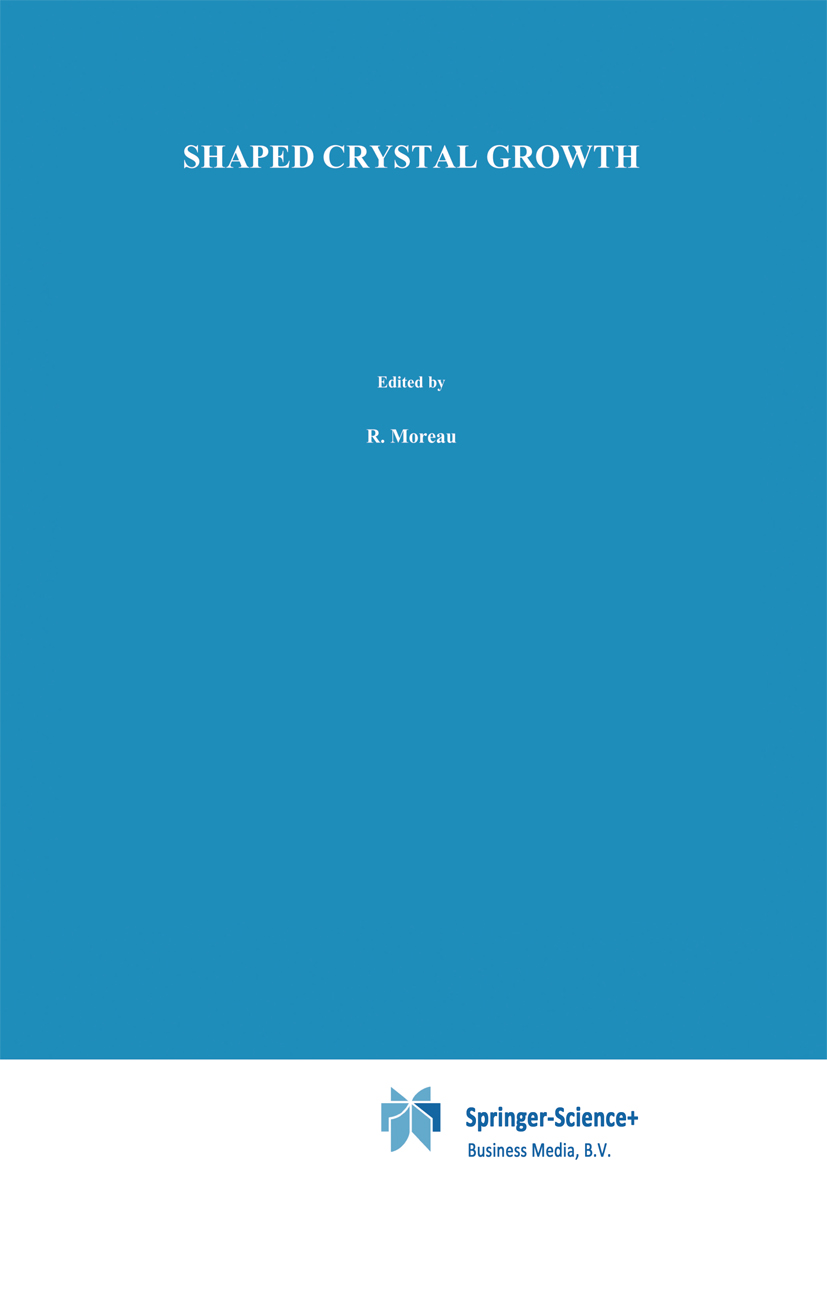
Shaped Crystal Growth The monograph "Shaped Crystal Growth" by V. A. Tatarchenko is the first systematic of the macroscopic crystallization theory. The theory is based on the stable statement growth conception, which means that self-stabilization is present in the system, with growth parameter deviations occurring under the action of external perturbations attenuating with time. The crystallization rate is one of the parameters responsible for crystal defect formation. Steady-state crystal growth means that crystallization rate internal stabilization is present, thus allowing more perfect crystals to grow. Most important is the fact that the crystal shape (an easily observed parameter) is one of the stable-growth characteristics when growing crystals without any contact with the crucible walls. This means that constant-cross-section crystal growth is to a certain extent evidence of crystallization process stability. The principles of the stable crystal growth theory were developed by the author of the monograph in the early 1970s. Due to the efforts over the past 20 years of V. A. Tatarchenko, his disciples (V. A. Borodin, S. K. Brantov, E. A. Brener, G. I. Romanova, G. A. Satunkin et al) and his followers (B. L. Timan, 0. V. Kolotiy et al) the theory has been completed, which is demonstrated by this monograph. The characteristic feature of the theory is its trend towards solving practical problems that occur in the process of crystal growth. TECHNOLOGY & ENGINEERING,General
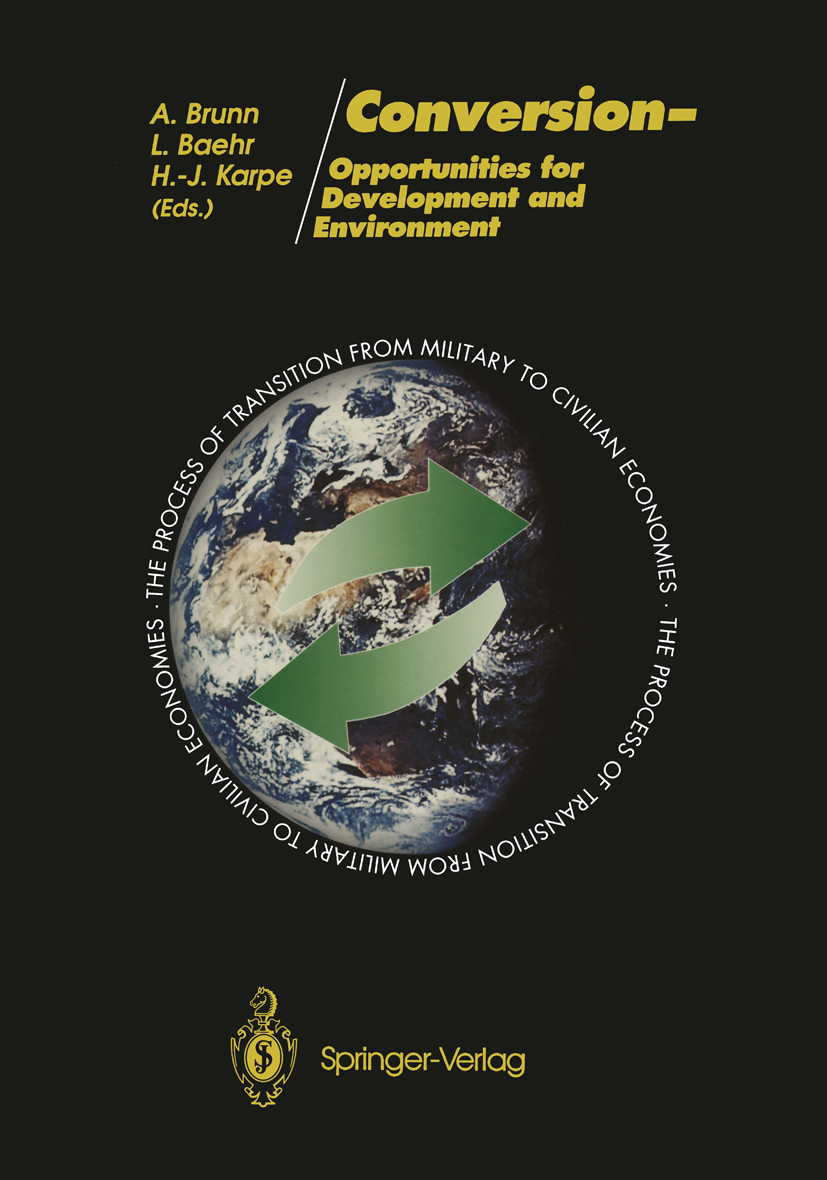
Conversion CONVERSION - in the meantime the term for the process ofconverting arms industry into industrial production ofnon-military goods - is becoming a key subject in thebuilding of the eastern economies.These Proceedings contain all important presentations of aninternational Conference in Dortmund in 1992. Speakers werewell known experts from economy, politics, science andmilitary, thus this book gives an up-to-date, excellentoverview. TECHNOLOGY & ENGINEERING,General
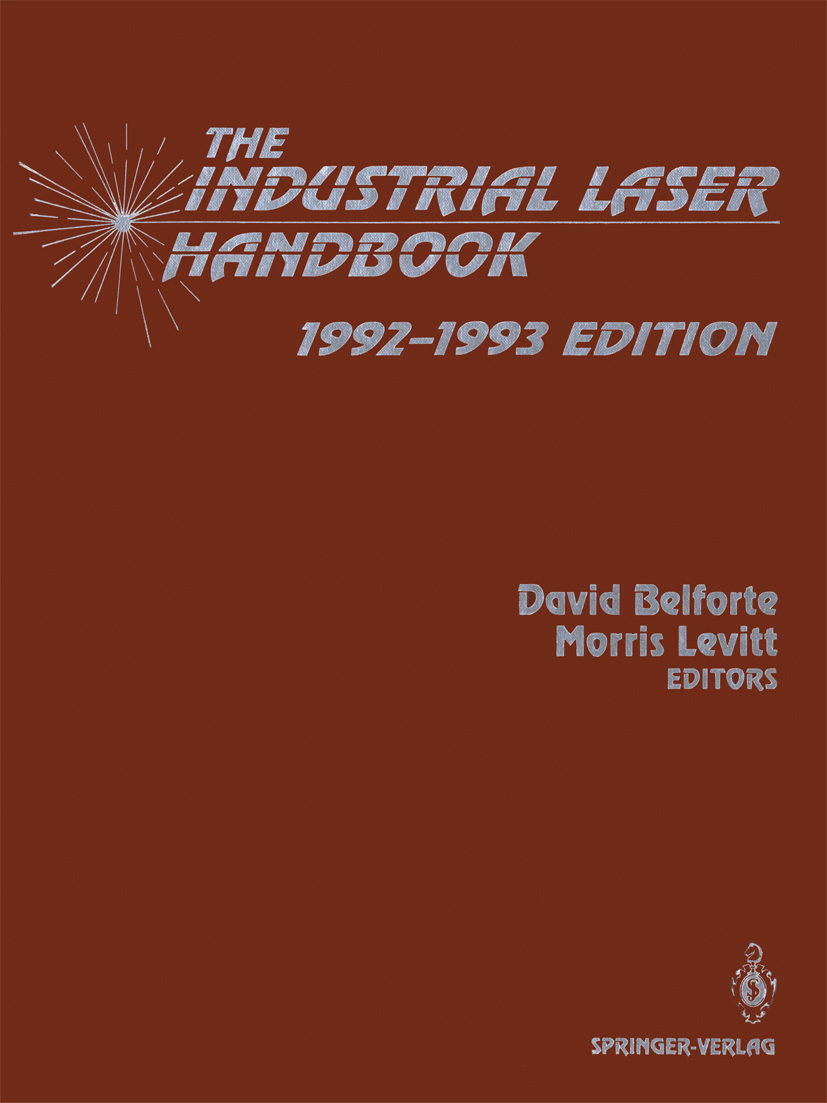
The Industrial Laser Handbook Manufacturing with lasers is becoming increasingly important in modern industry. This is a unique, most comprehensive handbook of laser applications to all modern branches of industry. It includes, along with the theoretical background, updates of the most recent research results, practical issues and even the most complete company and product directory and supplier's list of industrial laser and system manufacturers. Such important applications of lasers in manufacturing as welding, cutting, drilling, heat treating, surface treatment, marking, engraving, etc. are addressed in detail, from the practical point of view. A list of specific companies dealing with manufacturing aspects with lasers is given. TECHNOLOGY & ENGINEERING,General
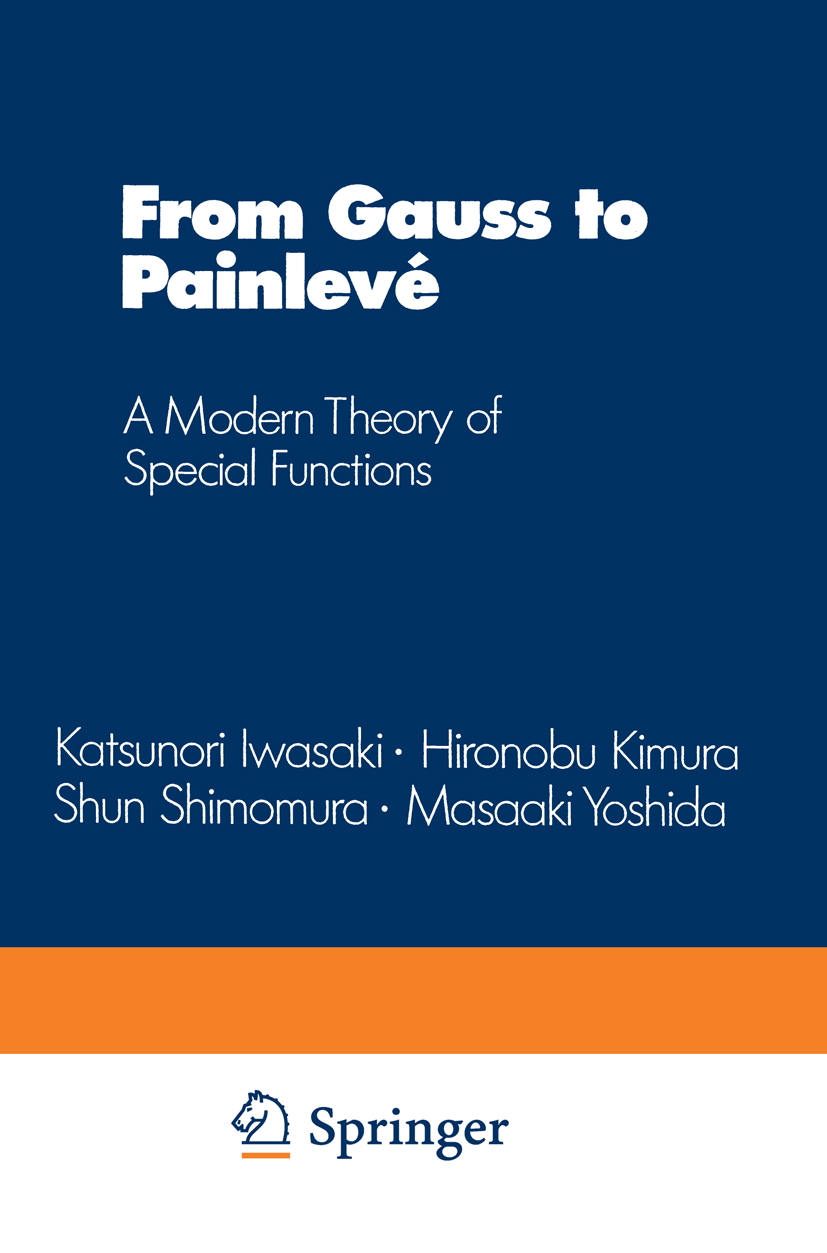
From Gauss to Painlevé Preface The Gamma function, the zeta function, the theta function, the hyper geometric function, the Bessel function, the Hermite function and the Airy function, . . . are instances of what one calls special functions. These have been studied in great detail. Each of them is brought to light at the right epoch according to both mathematicians and physicists. Note that except for the first three, each of these functions is a solution of a linear ordinary differential equation with rational coefficients which has the same name as the functions. For example, the Bessel equation is the simplest non-trivial linear ordinary differential equation with an irreg ular singularity which leads to the theory of asymptotic expansion, and the Bessel function is used to describe the motion of planets (Kepler's equation). Many specialists believe that during the 21st century the Painleve functions will become new members of the community of special func tions. For any case, mathematics and physics nowadays already need these functions. The corresponding differential equations are non-linear ordinary differential equations found by P. Painleve in 1900 fqr purely mathematical reasons. It was only 70 years later that they were used in physics in order to describe the correlation function of the two dimen sional Ising model. During the last 15 years, more and more people have become interested in these equations, and nice algebraic, geometric and analytic properties were found. TECHNOLOGY & ENGINEERING,General

Robot Reliability and Safety Robots are increasingly being used in industry to perform various types of tasks. Some of the tasks performed by robots in industry are spot welding, materials handling, arc welding, and routing. The population of robots is growing at a significant rate in various parts of the world; for example, in 1984, a report published by the British Robot Association indicated a robot popula tion distribution between Japan (64,600), Western Europe (20,500), and the United States (13,000). This shows a significant number of robots in use. Data available for West Germany and the United Kingdom indicate that in 1977 there were 541 and 80 robots in use, respectively, and in 1984 these numbers went up to 6600 and 2623, respectively. Just as for other engineering products, the reliability and safety of robots are important. A robot has to be safe and reliable. An unreliable robot may become the cause of unsafe conditions, high maintenance costs, inconvenience, etc. Robots make use of electrical, mechanical, pneumatic, electronic, and hydraulic parts. This makes their reliability problem a challenging task because of the many different sources of failures. According to some published literature, the best mean time between failures (MTBF) achieved by robots is only 2500 hours. This means there is definite room for further improvement in robot reliability. With respect to safety, there have been five fatal accidents involving robots since 1978. TECHNOLOGY & ENGINEERING,General
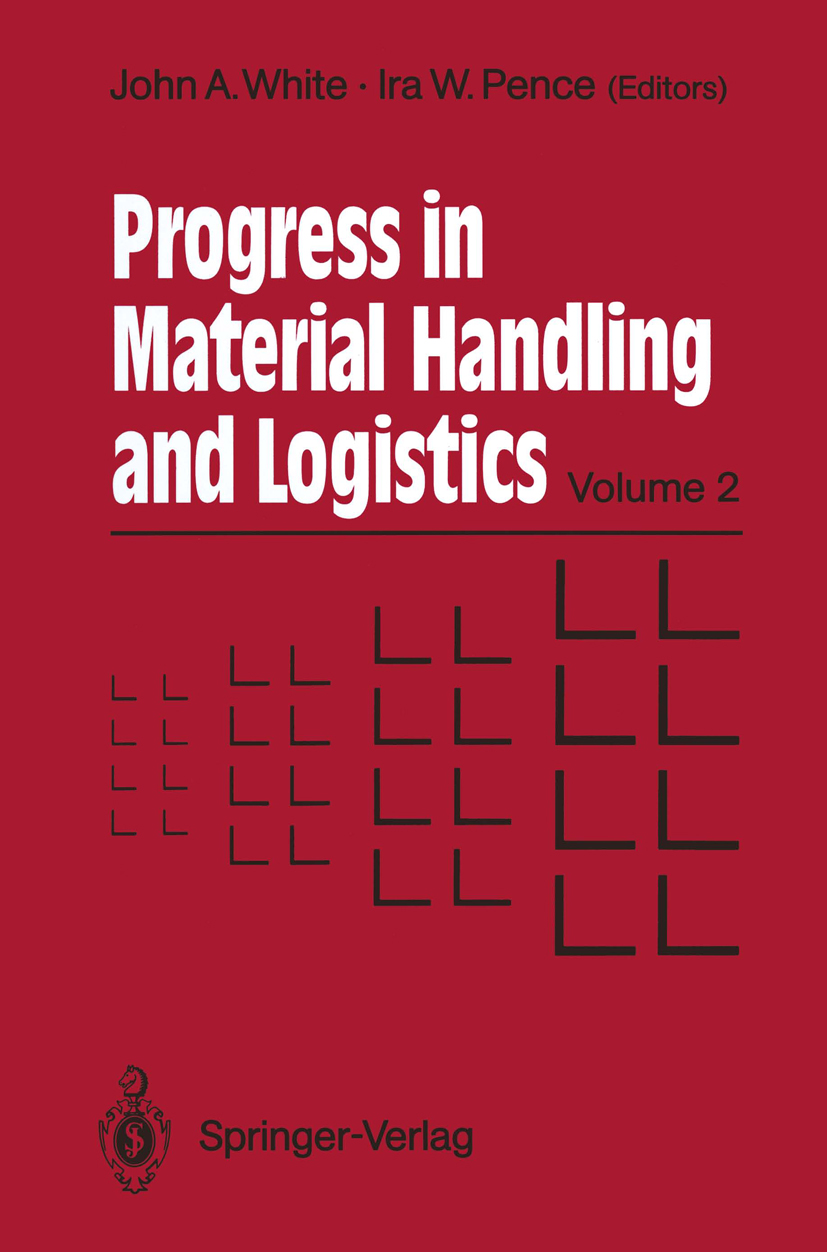
Material Handling ’90 The contents of this book are based on invited papers submittedfor presentation and discussion at the 1990 Material Handling Research Colloquium held in Hebron, Kentucky, June 19-21,1990. The Colloquium was sponsored and organized by the College Industry Councilfor Material Handling Education (CIC-MHE) with addi tional co-sponsorship and funding provided by numerous organizations (see ac knowledgements). The purpose of the Colloquium was to foster open discussion about the current state of material handling research at universitiesfrom across the United States and Canada. It was an opportunity to share specific research directions and accomplish ments. But more importantly, it was an opportunity to discuss the implications of the basic constraints to solving industry relevant problems in the field of material handling and closely related activities; the efficacy of the approaches being taken at the present time; and the directions believed to be of most value to the industry and to advancing the knowledge and science base of the material handling engineering discipline. The sponsoring organization, the College Industry Councilfor Material Handling Education was founded in 1952. The council is composed of college and university educators, material handling equipment manufacturers, distributors, users and con sultants, representatives of the business press plus professional staff and members of other organizations concerned with material handling education. TECHNOLOGY & ENGINEERING,General
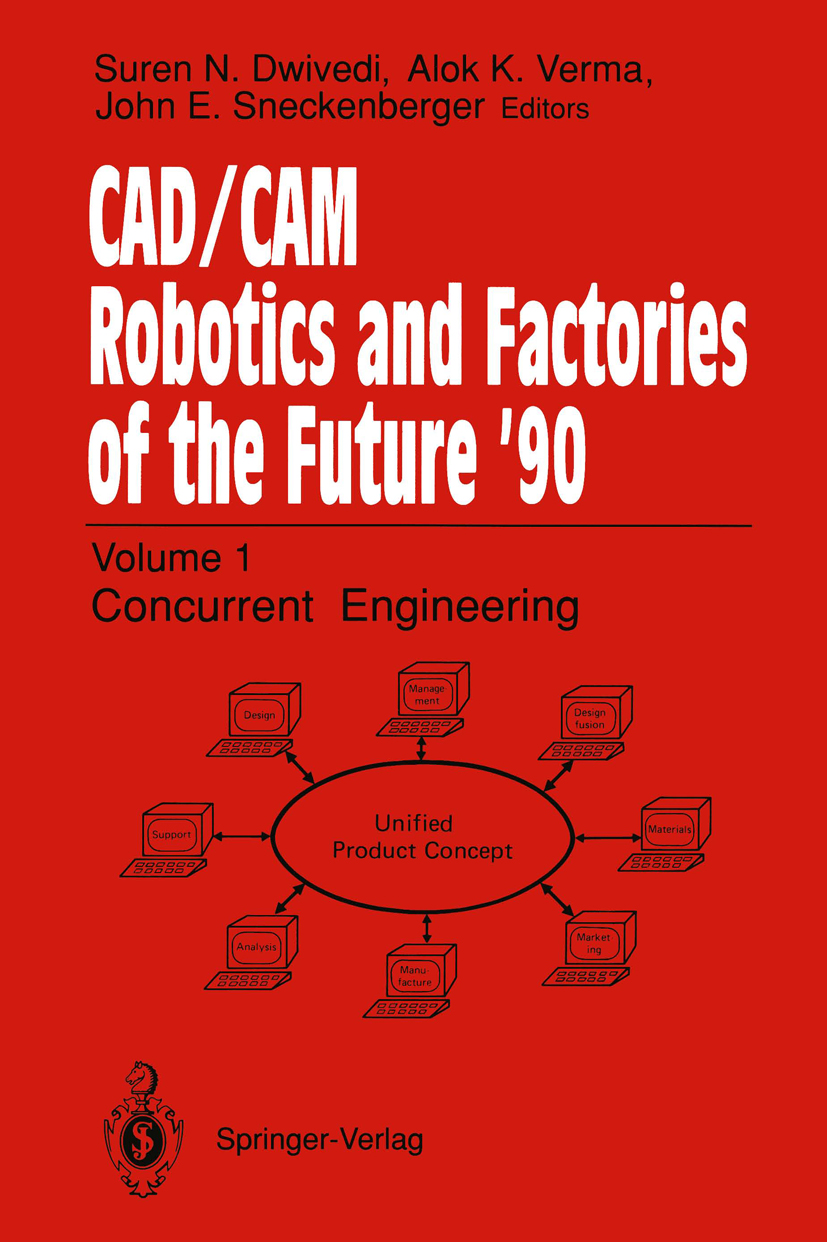
CAD/CAM Robotics and Factories of the Future ’90 5th International Conference on CAD/CAM, Robotics, and Factories of the Future (CARS and FOF'90). Proceedings. International Society for Productivity Enhancement TECHNOLOGY & ENGINEERING,General
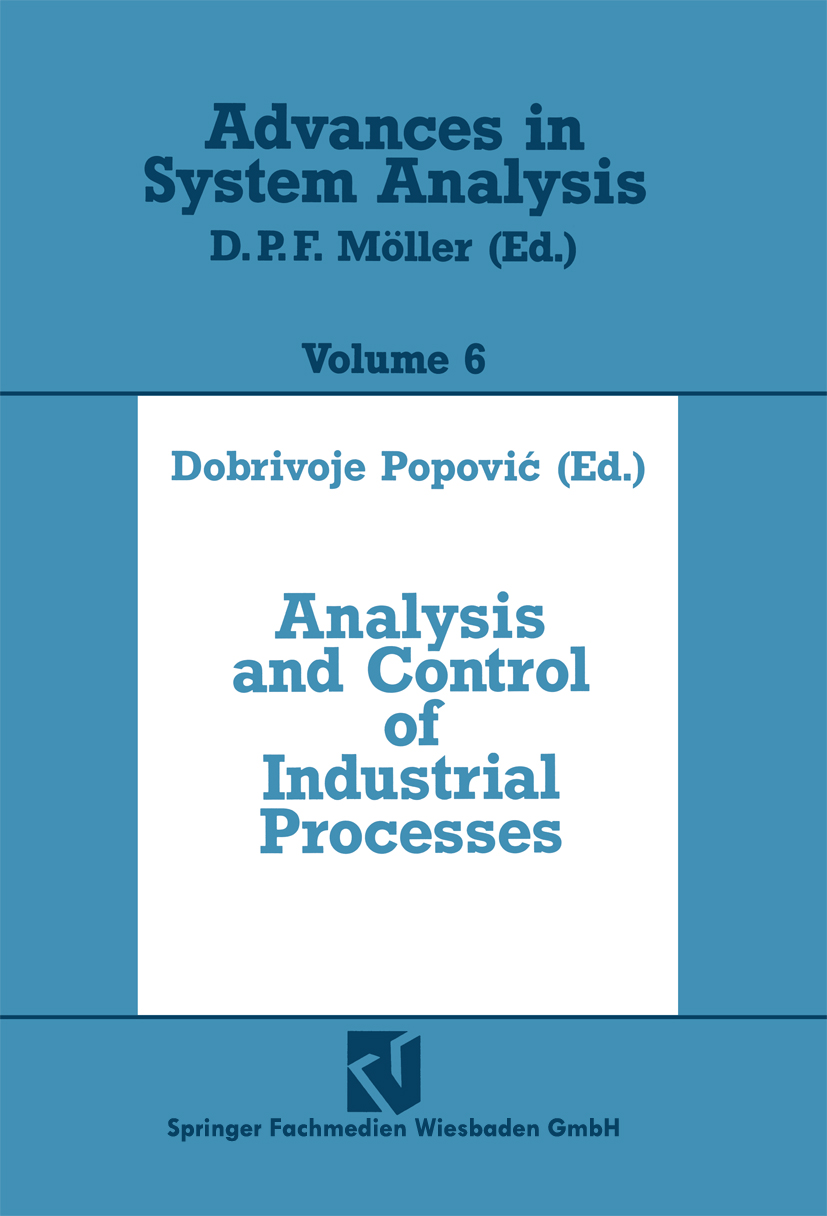
Analysis and Control of Industrial Processes This book is an outcome of a 2-days Workshop on Automation Engineering held in Salzhausen (near Hamburg), F.R. Germany. The Workshop is annually organ ized by the Institute of Automation Technology and the Institute of Applied and Physical Chemistry of the University of Bremen. It is regularly joined by 30 to 40 participants representing the teaching and reserarch staff of both Institutes, as weIl as some invited colleagues from other universities and the regional industry. Usually 15/20 selected contributions, grouped in technical sessions (system modelling and identification, control systems design, computer hardware and soft ware, knowledge-based systems, robotics etc.), are presented at the Workshop, whereby the invited guests preferably present survey papers on current problems of modern systems engineering. For this book, 22 papers, contributed to the last two Workshops, are selected and grouped into 6 Chapters. The Chapters reflect the technical sessions listed above and give an average view on current research activities at both Institutes of the University. It is expected that the book will prove as a useful reference to the scientists and practicing engineers in the area of devel opment and application of methods of modern systems engineering in processing industry and the robotics. TECHNOLOGY & ENGINEERING,General
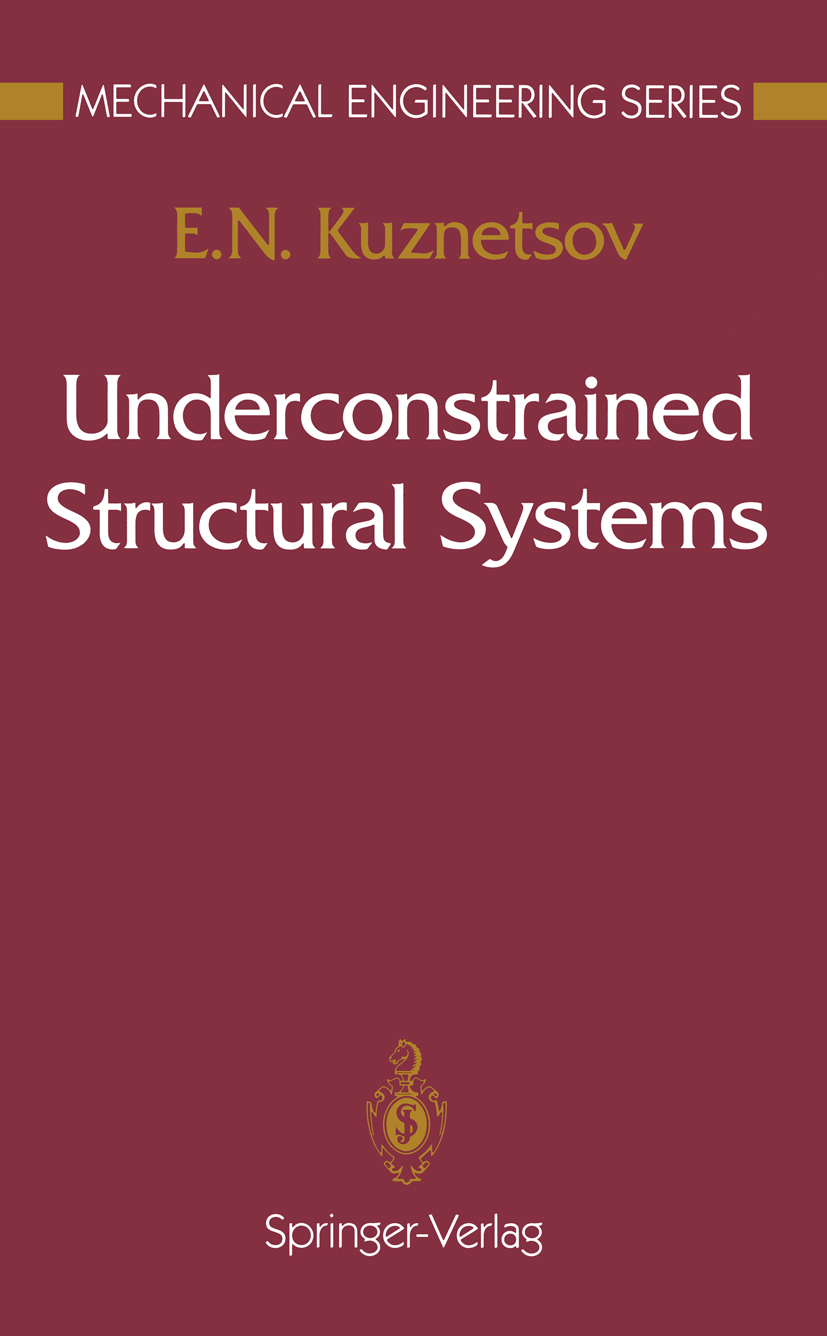
Underconstrained Structural Systems Mechanical engineering, an engineering discipline born of the needs of the industrial revolution, is once again asked to do its substantial share in the call for industrial renewal. The general call is urgent as we face profound issues of productivity and competitiveness that require engineering solu tions, among others. The Mechanical Engineering Series is a new series, featuring graduate texts and research monographs, intended to address the need for information in contemporary areas of mechanical engineering. The series is conceived as a comprehensive one that will cover a broad range of concentrations important to mechanical engineering graduate edu cation and research. We are fortunate to have a distinguished roster of consulting editors, each an expert in one of the areas of concentration. The names of the consulting editors are listed on the first page of the volume. The areas of concentration are applied mechanics, biomechanics, computa tional mechanics, dynamic systems and control, energetics, mechanics of materials, processing, thermal science, and tribology. Professor Marshek, the consulting editor for dynamic systems and con trol, and I are pleased to present this volume of the series: Underconstrained Structural Systems by Professor Kuznetsov. The selection of this volume underscores again the interest of the Mechanical Engineering Series to pro vide our readers with topical monographs as well as graduate texts. TECHNOLOGY & ENGINEERING,General
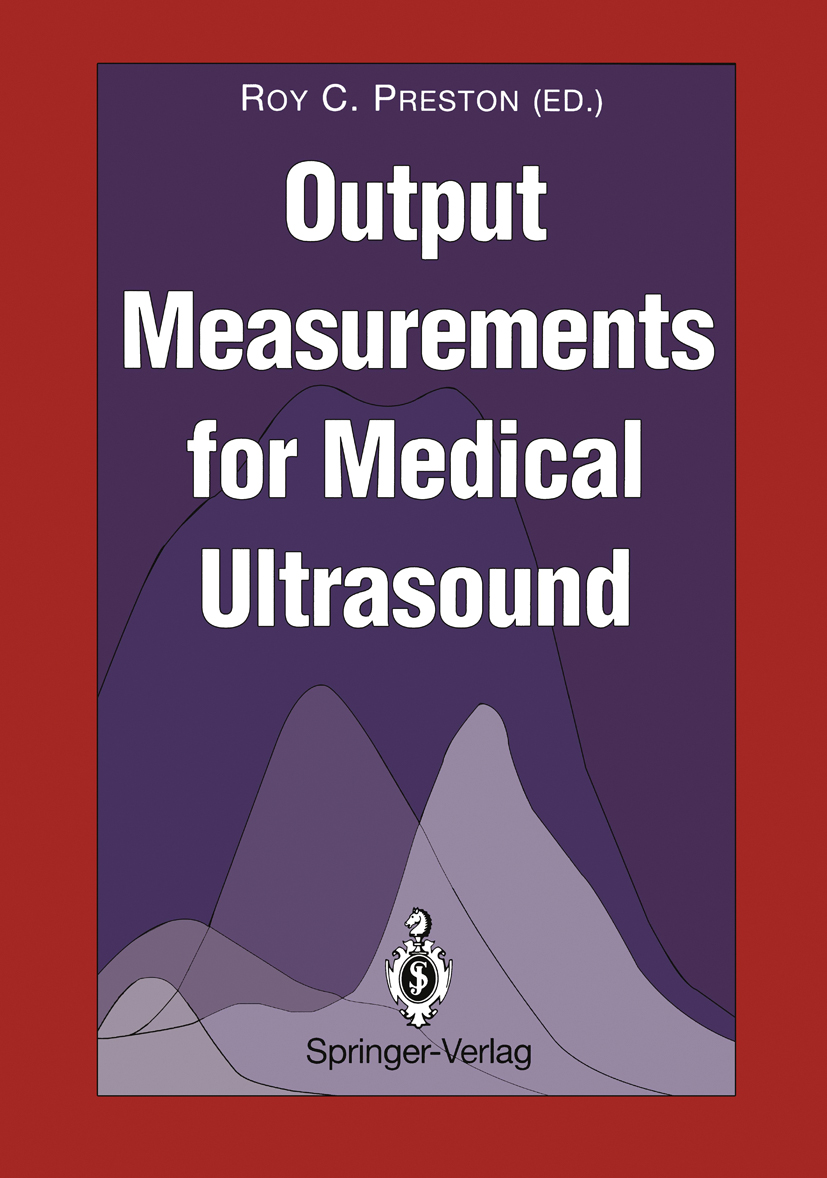
Output Measurements for Medical Ultrasound Medical applications of ultrasound range from therapy, foetal monitoring, diagnostic imaging and blood flow measurement, to surgery and lithotripsy. Ever since the earliest developments of medical ultrasound there has been an interest in the measurement and characterisation of the ultrasonic fields generated in these applications, either for assessment of performance of equipment or for safety. Until recently, procedures for acoustic output measurements were ill-defined, but standards are now being developed internationally by the International Electrotechnical Commission (1EC) and reliable commercial measuring equipment is becoming more widely available. The aim of this book is to introduce acoustic output measurement techniques and to provide an insight into the measurement methods. The material presented is based on a course originally run during November 1989 at the National Physical Laboratory. In addition to the lectures, the course consisted of a series of practicals to allow participants to gain experience of making measurements. Teddington, UK Roy C. Preston February 1991 Contents List of Contributors . . . . . . . . . . . . . . . . . . . . . . . . . . . . . . . . . . . . . . . . . . . . . . . . . . . . . . . . . xiii List of Symbols . . . . . . . . . . . . . . . . . . . . . . . . . . . . . . . . . . . . . . . . . . . . . . . . . . . . . . . . . . . . . . . xv Introduction . . . . . . . . . . . . . . . . . . . . . . . . . . . . . . . . . . . . . . . . . . . . . . . . . . . . . . . . . . . . . . . . . . . 1 1 Safety of Diagnostic Ultrasonic Equipment: The Relevance of Acoustic Output Information to the Clinical User R. C. Preston 1. 1 Introduction. . . . . . . . . . . . . . . . . . . . . . . . . . . . . . . . . . . . . . . . . . . . . . . . . . . . . . . . . . . . 5 1. 2 The Relevance of Acoustic Output Information. . . . . . . . . . . . . 6 1. 2. 1 What Is Acoustic Output Information? . . . . . . . . . . . . . . . . . . . 6 1. 2. 2 What Is Acoustic Output Information Used For? . . . . . . . 6 1. 2. 3 Why Should You Know the Acoustic Output Levels of Your Equipment? . . . . . . . . . . . . . . . . . . . . . . . . . . . . . . . . . . . . . . . . . . . 6 1. 2. 4 Are Acoustic Output Levels Really that Important? . . . . . . . . . . . . . . . . . . . . . . . . . . . . . . . . . . . . . . . . . . . . . . . . . . . . . . . . TECHNOLOGY & ENGINEERING,General
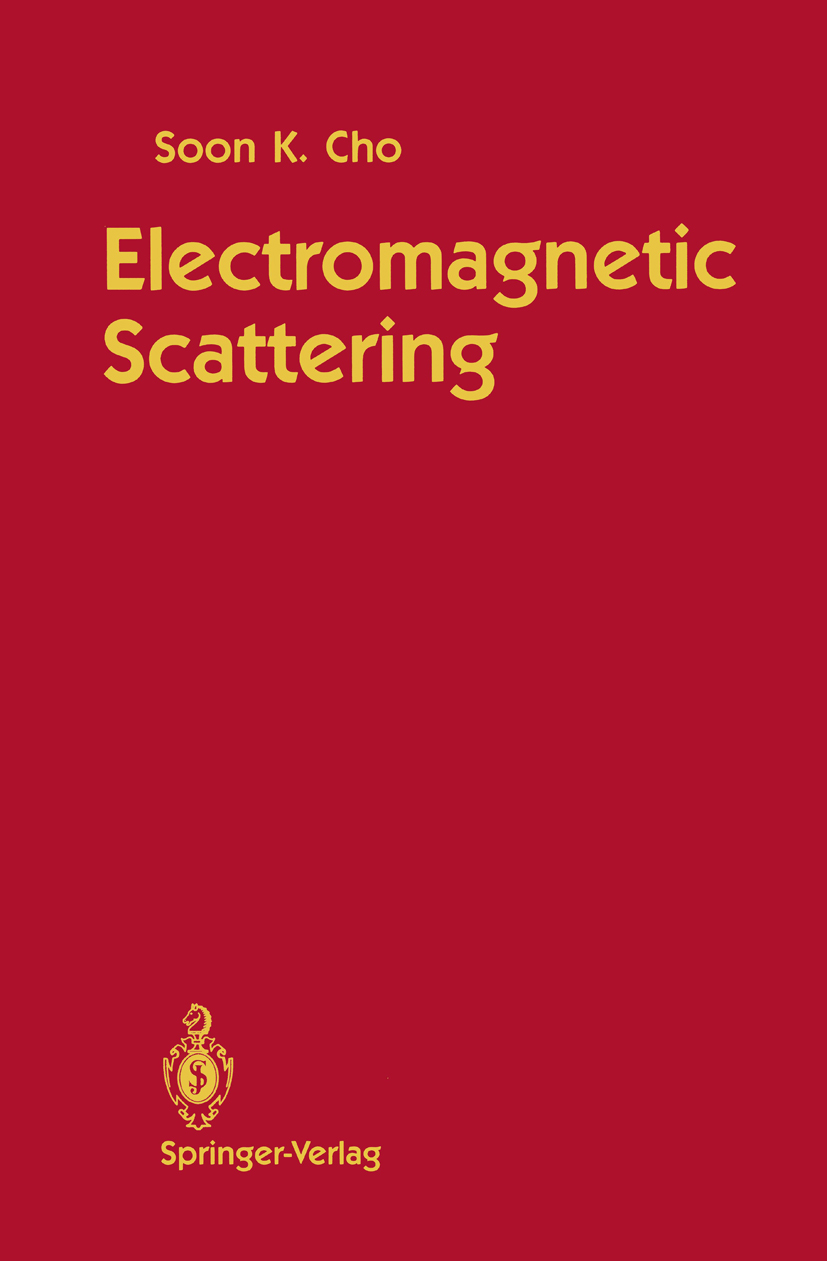
Electromagnetic Scattering 0.1 Introduction The present volume is about the physics of electromagnetic scattering, not mathematics, and is intended as a reference book for engineering and physics students as well as researchers in electromagnetic scattering. Although the subject is on electromagnetic scattering, acoustic or scalar scattering will be discussed occasionally when it is deemed helpful and advantageous. In the current decade we are witnessing an emergence of inverse scattering theory. Before we embark on this exciting journey, perhaps this is an appropriate time to summarize and assess in one volume some of the important re sults of electromagnetic scattering which have been found in recent decades. Since the end of WW II two significant physical phenomena in electromag netic scattering, optimal polarization and exterior resonant frequencies, have been discovered and a powerful mathematical technique, called the integral equation method, has been incorporated. These physical quantities, which characterize the scattered field for a given scatterer, are not directly observ able but can only be extracted by mathematical means from the measured scattering data. They are given special attention. TECHNOLOGY & ENGINEERING,General

Mathematics in Industrial Problems This is the third volume in the series "Mathematics in Industrial Prob lems." The motivation for these volumes is to foster interaction between Industry and Mathematics at the "grass roots"; that is, at the level of spe cific problems. These problems come from Industry: they arise from models developed by the industrial scientists in ventures directed at the manufac ture of new or improved products. At the same time, these problems have the potential for mathematical challenge and novelty. To identify such problems, I have visited industries and had discussions with their scientists. Some of the scientists have subsequently presented their problems in the IMA seminar on Industrial Problems. The book is based on questions raised in the seminar and subsequent discussions. Each chapter is devoted to one of the talks and is self-contained. The chap ters usually provide references to the mathematical literature and a list of open problems which are of interest to the industrial scientists. For some problems partial solution is indicated briefly. The last chapter of the book contains a short description of solutions to some of the problems raised in the second volume, as well as references to papers in which such solutions have been published. TECHNOLOGY & ENGINEERING,General
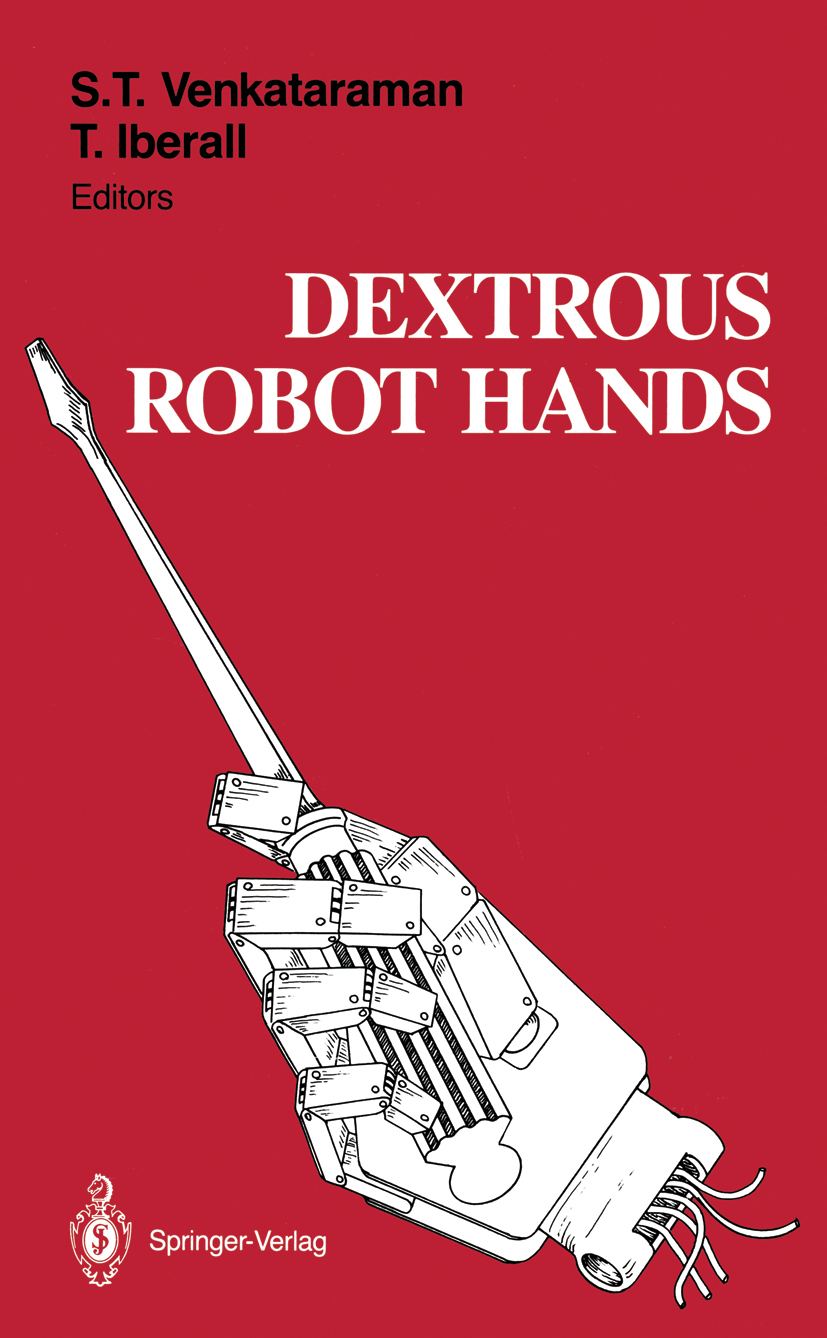
Dextrous Robot Hands Manipulation using dextrous robot hands has been an exciting yet frustrating research topic for the last several years. While significant progress has occurred in the design, construction, and low level control of robotic hands, researchers are up against fundamental problems in developing algorithms for real-time computations in multi-sensory processing and motor control. The aim of this book is to explore parallels in sensorimotor integration in dextrous robot and human hands, addressing the basic question of how the next generation of dextrous hands should evolve. By bringing together experimental psychologists, kinesiologists, computer scientists, electrical engineers, and mechanical engineers, the book covers topics that range from human hand usage in prehension and exploration, to the design and use of robotic sensors and multi-fingered hands, and to control and computational architectures for dextrous hand usage. While the ultimate goal of capturing human hand versatility remains elusive, this book makes an important contribution to the design and control of future dextrous robot hands through a simple underlying message: a topic as complex as dextrous manipulation would best be addressed by collaborative, interdisciplinary research, combining high level and low level views, drawing parallels between human studies and analytic approaches, and integrating sensory data with motor commands. As seen in this text, success has been made through the establishment of such collaborative efforts. The future will hold up to expectations only as researchers become aware of advances in parallel fields and as a common vocabulary emerges from integrated perceptions about manipulation. TECHNOLOGY & ENGINEERING,General
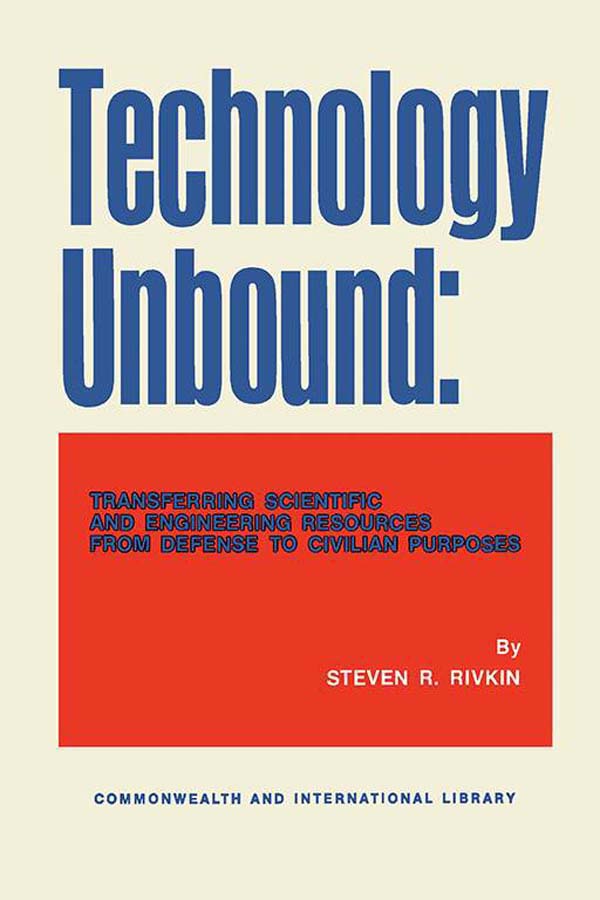
Technology Unbound Technology Unbound: Transferring Scientific and Engineering Resources from Defense to Civilian Purposes talks about the reallocation of U.S. military resources for use in the civilian sector. The title analyzes implications of the resource adjustment to the U.S. economy. The text first covers the interplay between science, military, and economy. In the second chapter, the selection deals with the impact of the resource reallocation to industries, communities, scientists, and engineers. The next chapter details the needs of the U.S. civilian sector. The last chapter presents the prospects for adjustment. The book will be of great interest to military and government officials, economists, and political scientists. TECHNOLOGY & ENGINEERING,General
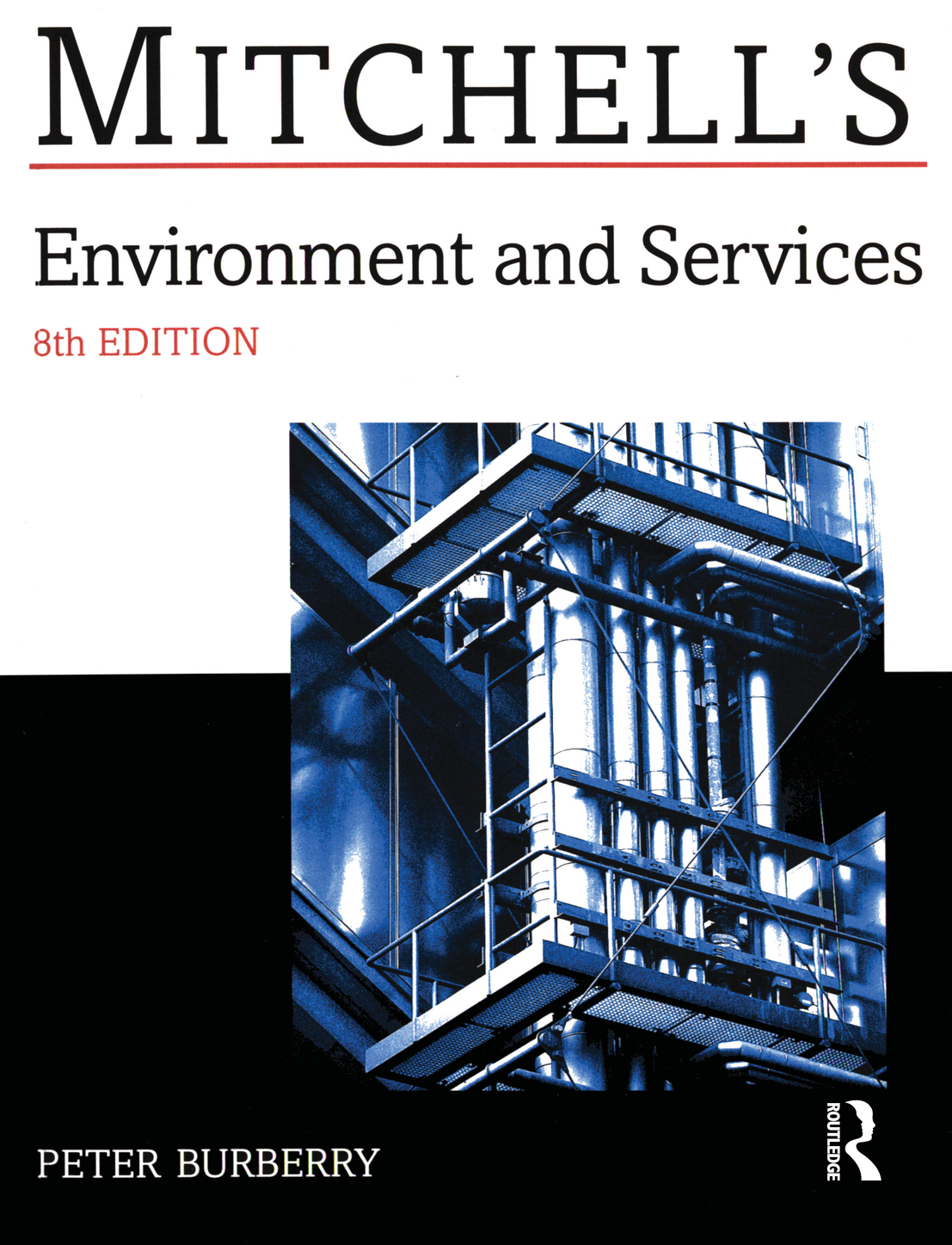
Environment and Services Environment and Services provides a comprehensive introduction to the technical aspects of building design and construction in the fields of physical environment and services installation. It explains the principles involved, the materials and equipment required, design methods and applications. The eighth edition has been brought fully up-to-date with the current building regulations and reflects recent trends by placing increased emphasis on environmental issues related to buildings. The book is suitable for undergraduate degree courses in building, building surveying, building engineering and management, and architecture. It is also suitable for HNC/D courses in building studies and building services engineering as well as CIOB and RIBA examinations. TECHNOLOGY & ENGINEERING,General
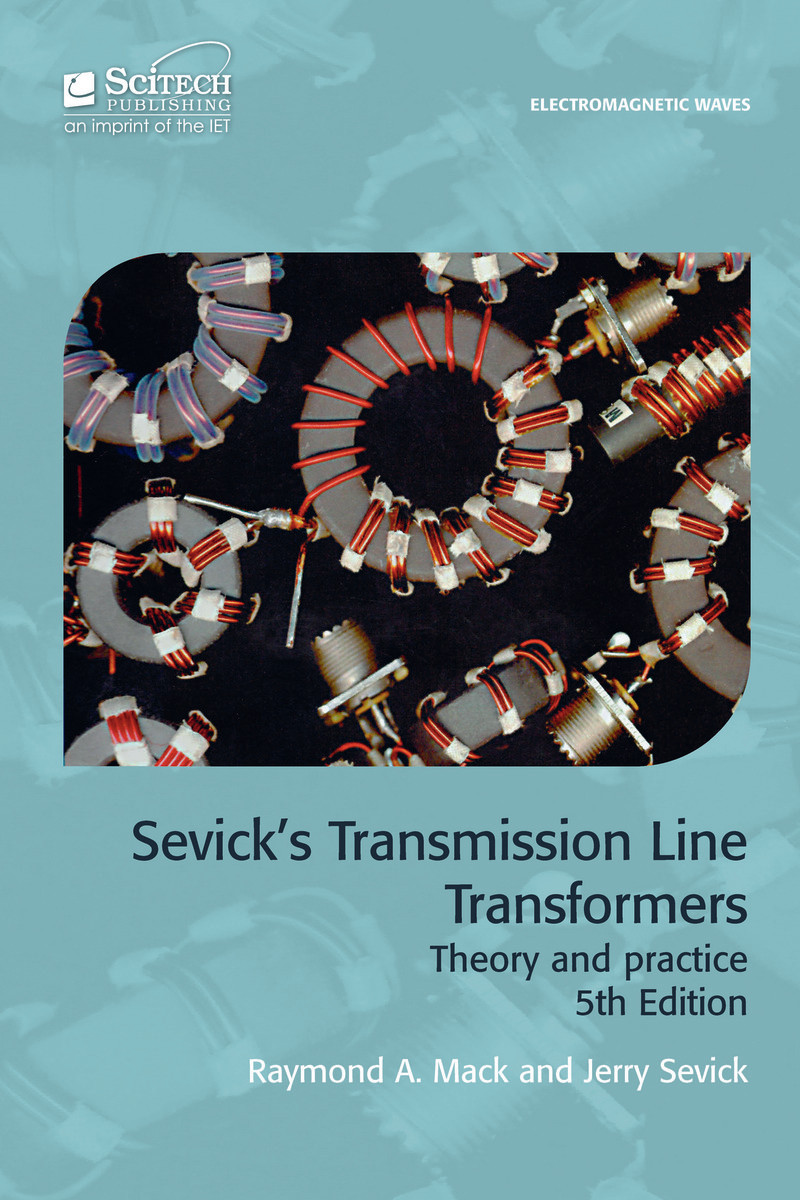
Sevick's Transmission Line Transformers The long awaited revision of the classic book Transmission Line Transformers, by Jerry Sevick, is now in its 5th edition and has been updated and reorganised by Raymond Mack to provide communication engineers with a clear technical presentation of both the theory and practical applications of the transmission of radio communication. TECHNOLOGY & ENGINEERING,General
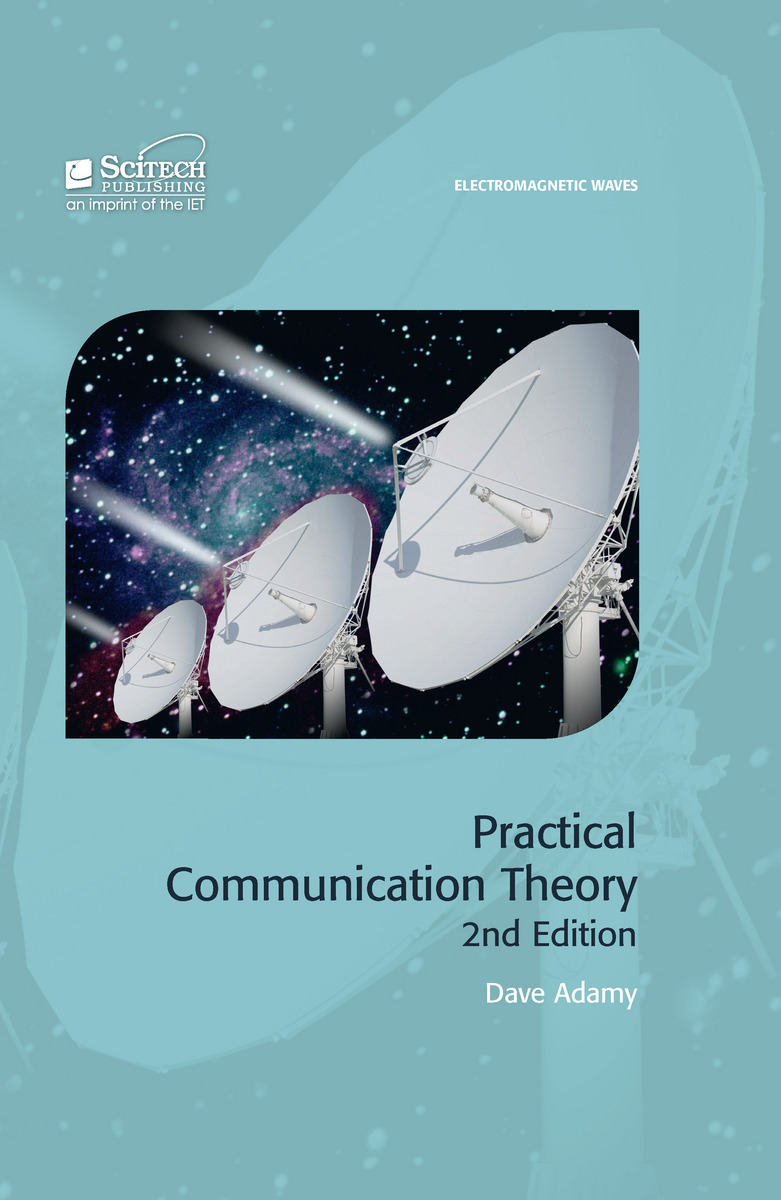
Practical Communication Theory This book enables the reader to quickly and easily generate the answers to real-world problems encountered in specifying, testing, and fielding any type of systems that involve radio propagation. It deals with free space radio propagation and propagation near the ground and over the ridge lines. TECHNOLOGY & ENGINEERING,General
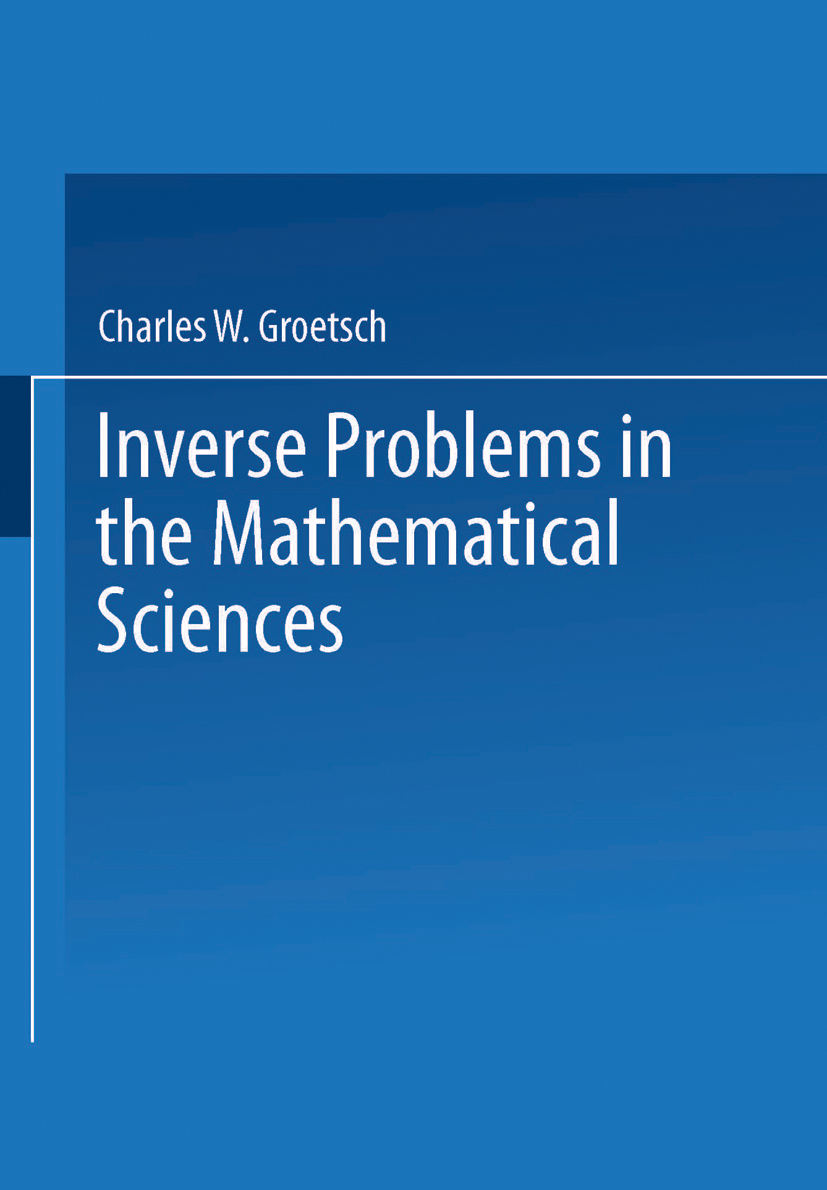
Inverse Problems in the Mathematical Sciences Classical applied mathematics is dominated by the Laplacian paradigm of known causes evolving continuously into uniquely determined effects. The classical direct problem is then to find the unique effect of a given cause by using the appropriate law of evolution. It is therefore no surprise that traditional teaching in mathema tics and the natural sciences emphasizes the point of view that problems have a solution, this solution is unique, and the solution is insensitive to small changes in the problem. Such problems are called well-posed and they typically arise from the so-called direct problems of natural science. The demands of science and technology have recently brought to the fore many problems that are inverse to the classical direct problems, that is, problems which may be interpreted as finding the cause of a given effect or finding the law of evolution given the cause and effect. Included among such problems are many questions of remote sensing or indirect measurement such as the determination of internal characteristics of an inaccessible region from measurements on its boundary, the determination of system parameters from input output measurements, and the reconstruction of past events from measurements of the present state. Inverse problems of this type are often ill-posed in the sense that distinct causes can account for the same effect and small changes in a perceived effect can correspond to very large changes in a given cause. Very frequently such inverse problems are modeled by integral equations of the first kind. TECHNOLOGY & ENGINEERING,General
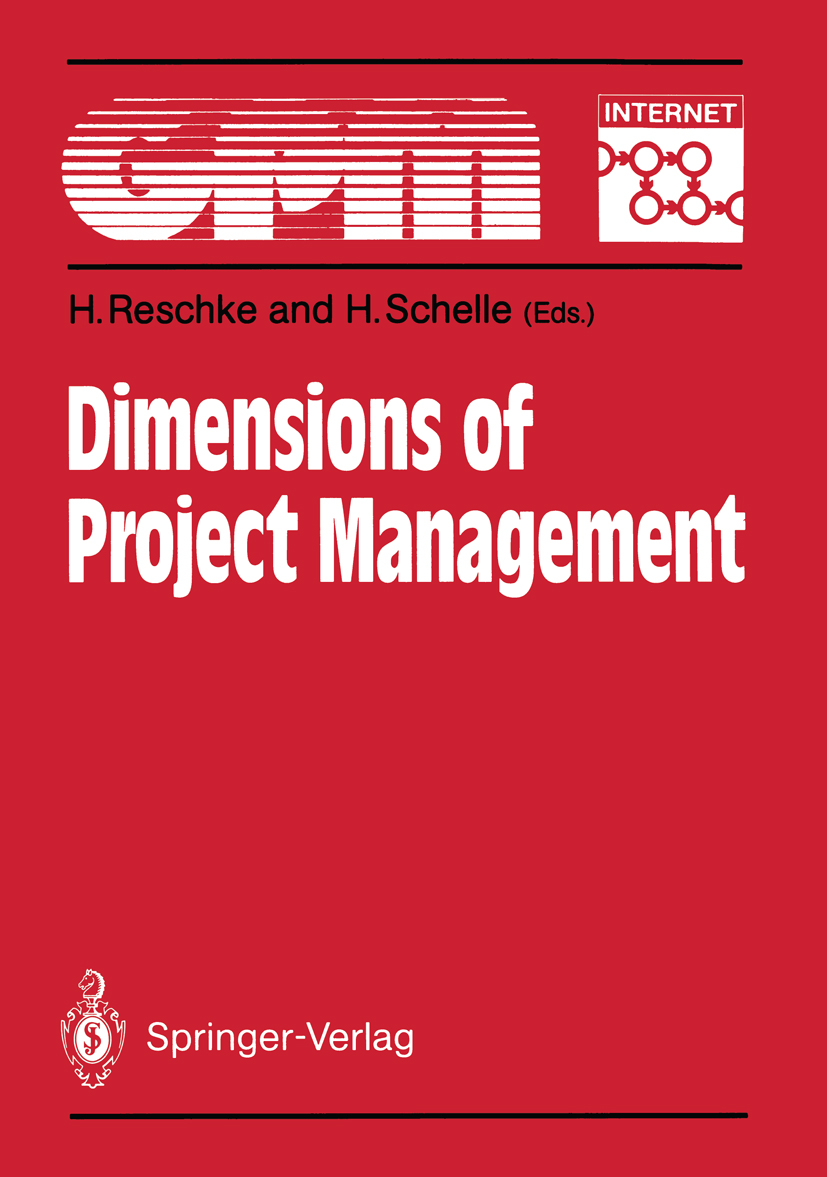
Dimensions of Project Management Publication in Honour of Roland W. Gutsch TECHNOLOGY & ENGINEERING,General
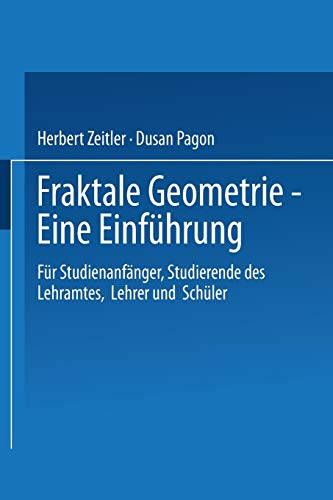
Fraktale Geometrie — Eine Einführung Die Cantor-Drittelmenge - Selbstähnlichkeit im strengen Sinn - Flächenfraktale - Die Barnsley-Maschine - Aus der Schulgeometrie - Selbstaffinität - Etwas Theorie - Und schon wieder eine Dimension - Der Gipfel: Die Hausdorff-Besicovitch-Dimension - Wir erwürfeln Fraktale - Die Bäckerabbildung (Streifenfraktale) - Farbbilder Warum ist fraktale Geometrie heute interessant?1. Sie beinhaltet eine Wiederbelebung klassischer Geometrie2. Sie findet in einigen Bundesländern Eingang in die Schule3. Sie gewinnt an Bedeutung in der Medizin, der Materialforschung und der Bilderzeugung (IFS)4. Sie hat Bedeutung für die moderne Chaostheorie (Theorie der dynamischen Systeme) Das Buch behandelt diese fraktale Geometrie verständlich, aber trotzdem genau; es ist gespickt mit vielen Beispielen, zeigt aber auch auf, was mathematisch dahintersteckt. TECHNOLOGY & ENGINEERING,General

Modeling and Simulation This book is the the English Language Version of the very successful German textbook, "Modellbildung und Simulation". It provides a self-contained and complete guide to the methods and mathematical background of modeling and simulation software of dynamic systems. Furthermore, an appropriate simulation software and a collection of dynamic system models (on the accompanying disk) are highlights of the book/software-Package.Dies ist die englischsprachige Ausgabe des sehr erfolgreichen Lehrbuches "Modellbildung und Simulation". Geboten wird eine vollständige Einführung in die Methoden der Simulation dynamischer Systeme, wobei auch der notwendige mathematische Hintergrund vermittelt wird. Außerdem ist eine Simulationssoftware Bestandteil des Werkes; auf der beiliegenden Diskette befinden sich ferner 50 Beispielsysteme ("Systemzoo"), die zur spielerischen Einübung der verwendeten Verfahren hilfreich sind. TECHNOLOGY & ENGINEERING,General
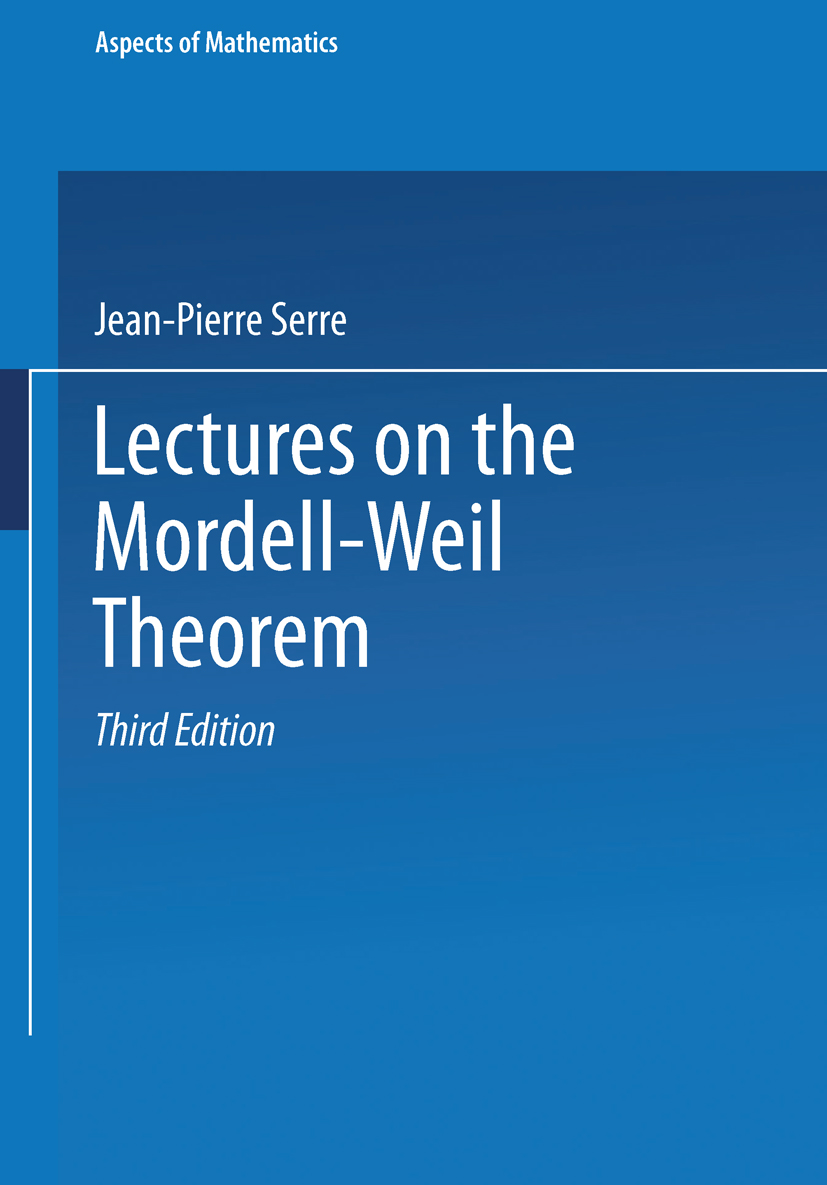
Lectures on the Mordell-Weil Theorem The book is based on a course given by J.-P. Serre at the Collège de France in 1980 and 1981. Basic techniques in Diophantine geometry are covered, such as heights, the Mordell-Weil theorem, Siegel's and Baker's theorems, Hilbert's irreducibility theorem, and the large sieve. Included are applications to, for example, Mordell's conjecture, the construction of Galois extensions, and the classical class number 1 problem. Comprehensive bibliographical references. TECHNOLOGY & ENGINEERING,General
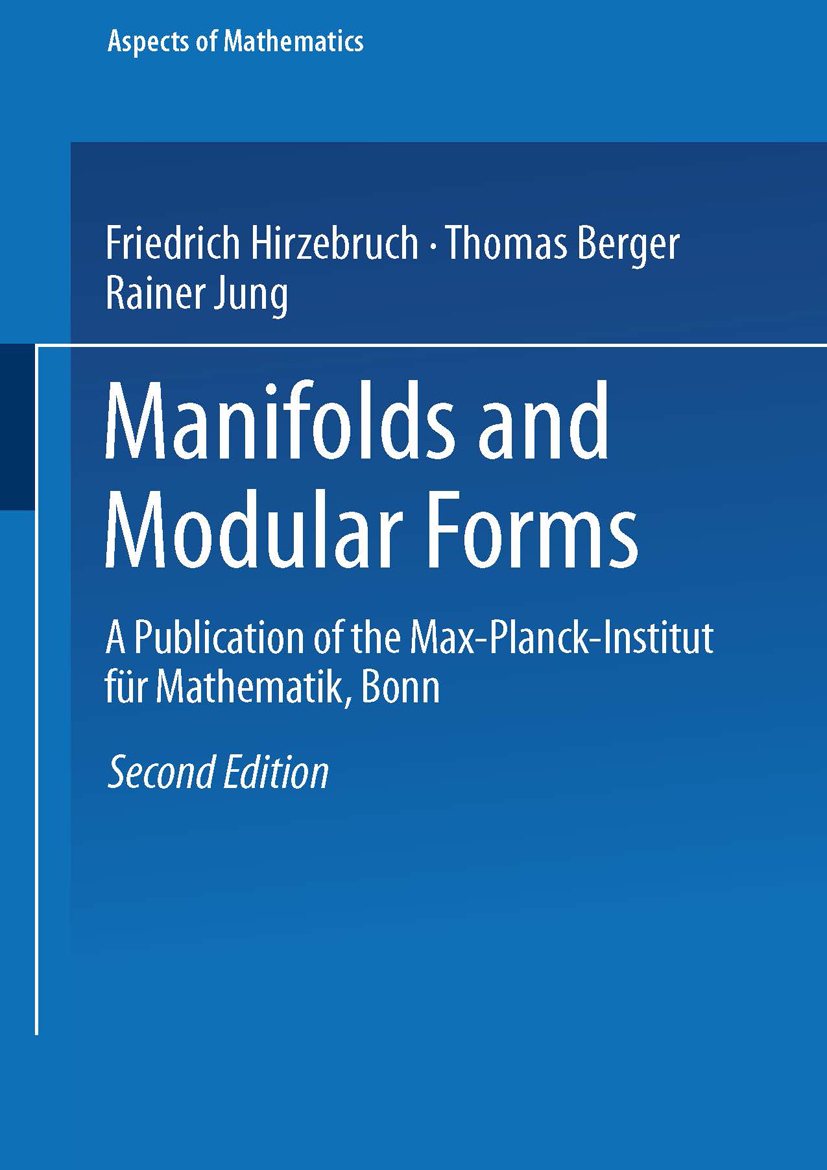
Manifolds and Modular Forms During the winter term 1987/88 I gave a course at the University of Bonn under the title "Manifolds and Modular Forms". I wanted to develop the theory of "Elliptic Genera" and to learn it myself on this occasion. This theory due to Ochanine, Landweber, Stong and others was relatively new at the time. The word "genus" is meant in the sense of my book "Neue Topologische Methoden in der Algebraischen Geometrie" published in 1956: A genus is a homomorphism of the Thorn cobordism ring of oriented compact manifolds into the complex numbers. Fundamental examples are the signature and the A-genus. The A-genus equals the arithmetic genus of an algebraic manifold, provided the first Chern class of the manifold vanishes. According to Atiyah and Singer it is the index of the Dirac operator on a compact Riemannian manifold with spin structure. The elliptic genera depend on a parameter. For special values of the parameter one obtains the signature and the A-genus. Indeed, the universal elliptic genus can be regarded as a modular form with respect to the subgroup r (2) of the modular group; the two cusps 0 giving the signature and the A-genus. Witten and other physicists have given motivations for the elliptic genus by theoretical physics using the free loop space of a manifold. TECHNOLOGY & ENGINEERING,General
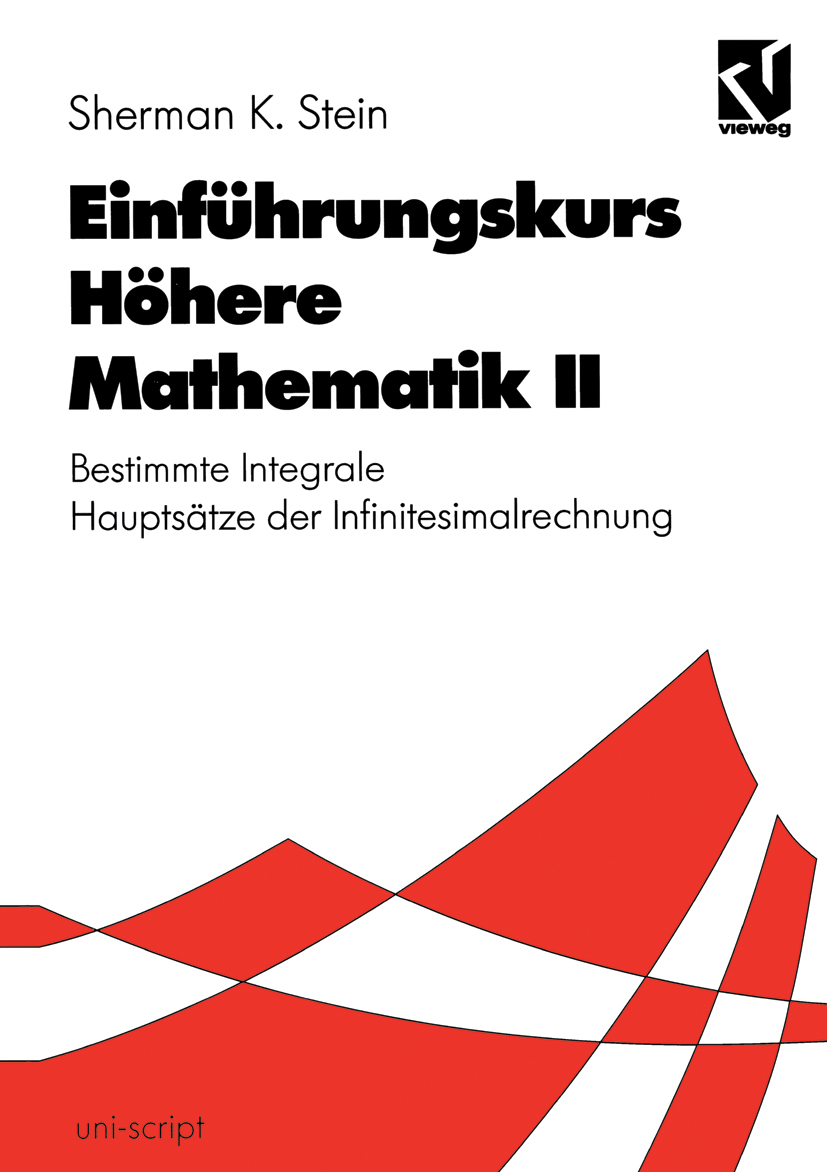
Einführungskurs Höhere Mathematik II Dieser Kurs richtet sich an Studienanfänger an Hoch- und Fachhochschulen. Er legt in Form eines leicht lesbaren und abwechslungsreichen Textes die Grundlagen der wichtigsten Gebiete der Infinitesimalrechnung. TECHNOLOGY & ENGINEERING,General
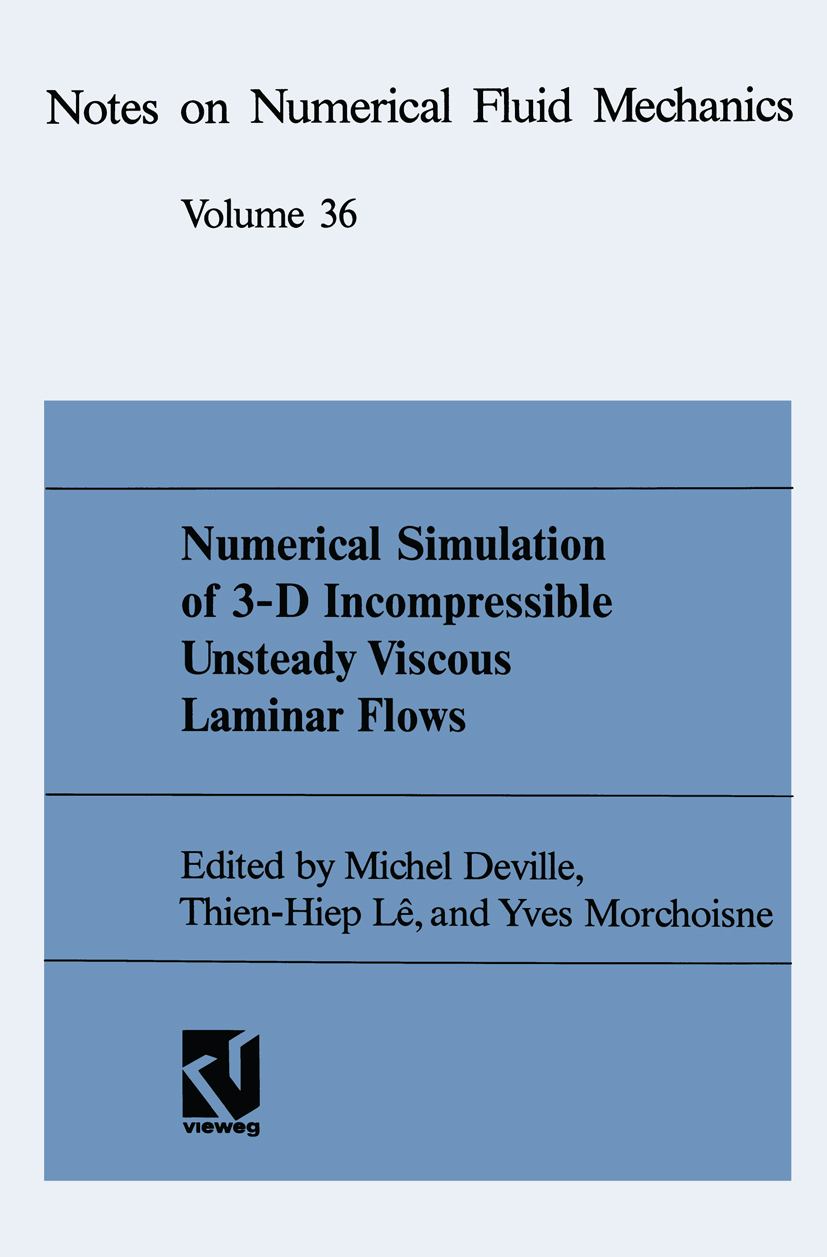
Numerical Simulation of 3-D Incompressible Unsteady Viscous Laminar Flows The GAMM-Commi ttee for Numerical Methods in Fluid Mechanics (GAMM-Fachausschuss für Numerische Methoden in der Strömungsmechanik) has sponsored the organization of a GAMM Workshop dedicated to the numerical simulation of three dimensional incompressible unsteady viscous laminar flows to test Navier-Stokes solvers. The Workshop was held in Paris from June 12th to June 14th, 1991 at the Ecole Nationale Superieure des Arts et Metiers. Two test problems were set up. The first one is the flow in a driven-lid parallelepipedic cavity at Re = 3200 . The second problem is a flow around a prolate spheroid at incidence. These problems are challenging as fully transient solutions are expected to show up. The difficulties for meaningful calculations come from both space and temporal discretizations which have to be sufficiently accurate to resol ve detailed structures like Taylor-Görtler-like vortices and the appropriate time development. Several research teams from academia and industry tackled the tests using different formulations (veloci ty-pressure, vortici ty velocity), different numerical methods (finite differences, finite volumes, finite elements), various solution algorithms (splitting, coupled, ... ), various solvers (direct, iterative, semi-iterative) with preconditioners or other numerical speed-up procedures. The results show some scatter and achieve different levels of efficiency. The Workshop was attended by about 25 scientists and drove much interaction between the participants. The contributions in these proceedings are presented in alphabetical order according to the first author, first for the cavi ty problem and then for the prolate spheroid problem. No definite conclusions about benchmark solutions can be drawn. TECHNOLOGY & ENGINEERING,General
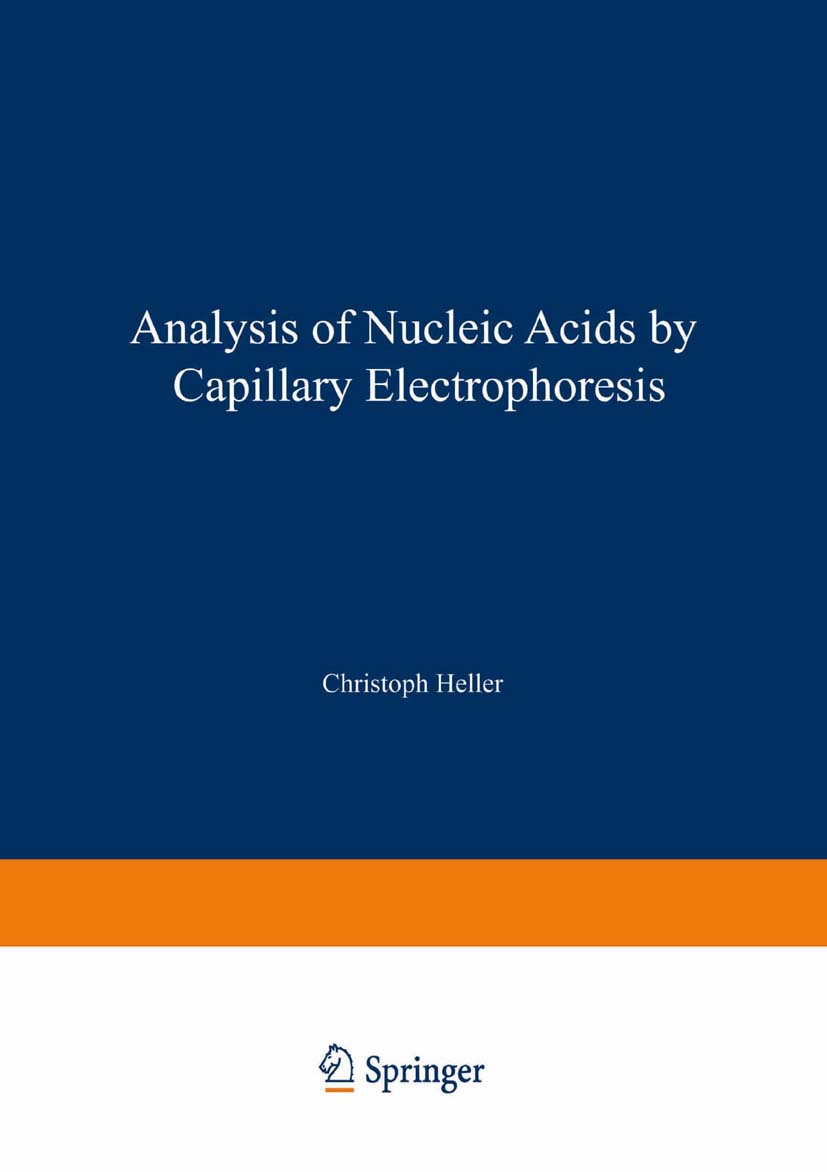
Analysis of Nucleic Acids by Capillary Electrophoresis During the last decade, capillary electrophoresis has been developed into a very powerful analytical technique, which has many advantages over conventional slab gel techniques. The improvement is comparable to the one occuring earlier in the field of chromatography, with the introduction of the high performance technology. How important this technique has be come, is reflected by the shear volume of papers published each month; as well as a dozen of books already published on this subject. One of the most important conferences in the field, the "International Symposium on High Performance Capillary Electrophoresis" attracts now nearly thousand people every year. As capillary electrophoresis can be applied to many different analytical problems, a spe cialization is unavoidable. This evolution is also reflected in the development of instrumen tation: whereas the first devices were designed for all possible applications, new instruments are now built, that are specialized for one particular task, e.g. DNA analysis. I very much welcome the decision of the series editor and the publisher, to edit a series ofspecialized books, covering all aspects of capillary electrophoresis. Having worked on the electrophoretic separation of DNA for many years, I am convinced that there are so many different aspects on this issue that they deserve a whole book on their own. Therefore, I was happy to agree when being asked to edit this book. TECHNOLOGY & ENGINEERING,General

Energy Security 'Essential reading.'Bernice Lee, Chatham House'Lays out the energy security landscape with a commendable clarity that I have not seen elsewhere. It could help save the world.'Science, People & PoliticsAccessible and exciting ... [this] is the first truly objective examination of the relationship between resource scarcity, security and ecological destruction.Neues DeutschlandCuts through the confusion and complexity, clarifying the options for a sustainable energy future.Dan Esty, Yale UniversityHumanity stands at a threshold: will its shared energy future be peaceful, or will it be threatened by resource wars? How can rapidly depleting resources be managed to the advantage of all, and therefore conflicts averted? How can we avoid irreparable damage to the last areas of untouched natural beauty, all in the name of accessing valuable resources? And how do we arrive at an international energy policy which not only provides safe, economical energy without conflict, but also addresses the all-important issue of climate change: What is the best way to achieve greater energy security?Energy Security addresses all of these questions, arguing for an urgent overhaul of international law and institutions to control relations with countries such as Russia, which own the worlds remaining fuel supplies. The book presents alternatives to fossil fuels as two diametrically opposing strategies: the increased use of atomic energy; and a comprehensive climate protection policy with a focus on energy efficiency and renewable energy. In times of international terrorism, there are heightened concerns about nuclear proliferation, and Energy Security argues that the future must belong to renewable energy.Published with the Heinrich B ll Foundation TECHNOLOGY & ENGINEERING,General
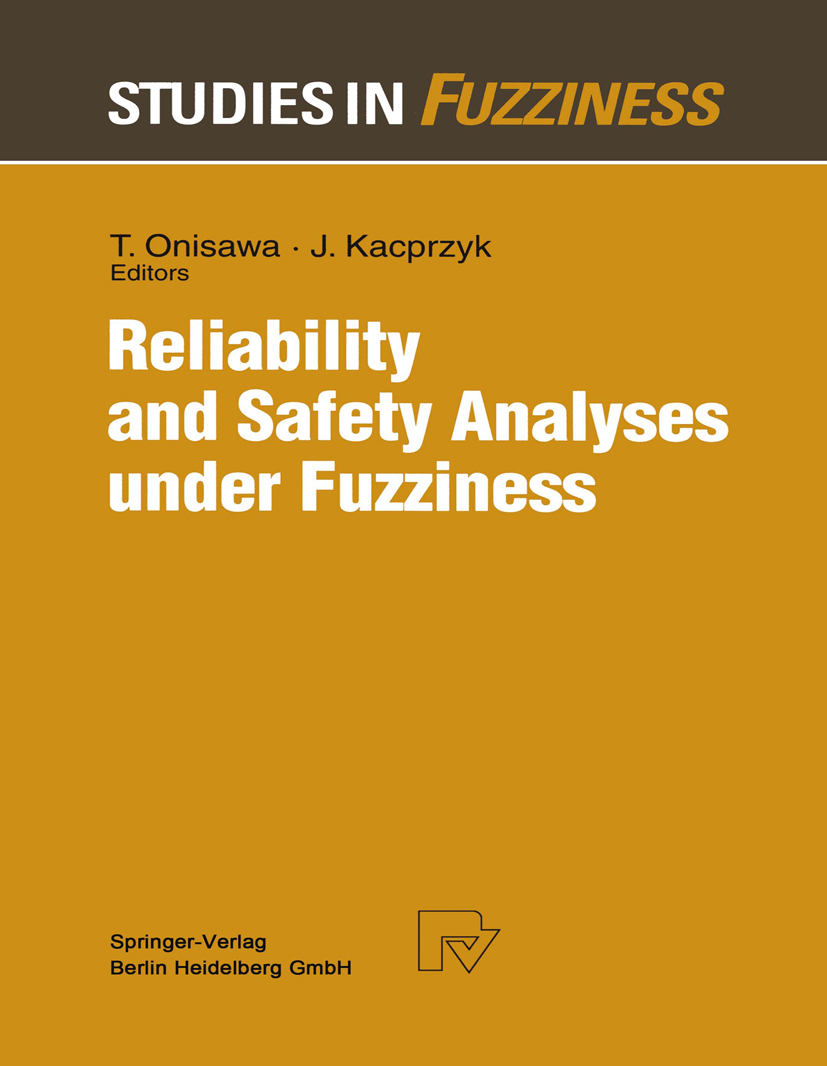
Reliability and Safety Analyses under Fuzziness This book provides a comprehensive, up-to-date account on recent applications of fuzzy sets and possibility theory in reliability and safety analysis. Various aspects of system's reliability, quality control, reliability and safety of man-machine systems fault analysis, risk assessment and analysis, structural, seismic, safety, etc. are discussed. The book provides new tools for handling non-probabilistic aspects of uncertainty in these problems. It is the first in this field in the world literature. TECHNOLOGY & ENGINEERING,General
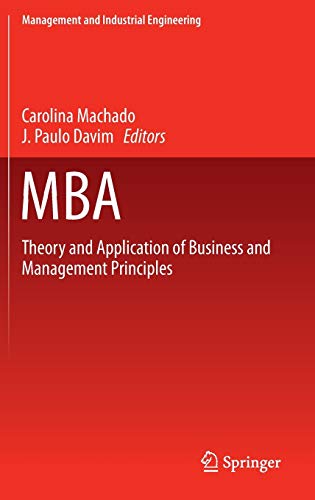
MBA This book focuses on the relevant subjects in the curriculum of an MBA program. Covering many different fields within business, this book is ideal for readers who want to prepare for a Master of Business Administration degree. It provides discussions and exchanges of information on principles, strategies, models, techniques, methodologies and applications in the business area. TECHNOLOGY & ENGINEERING,General
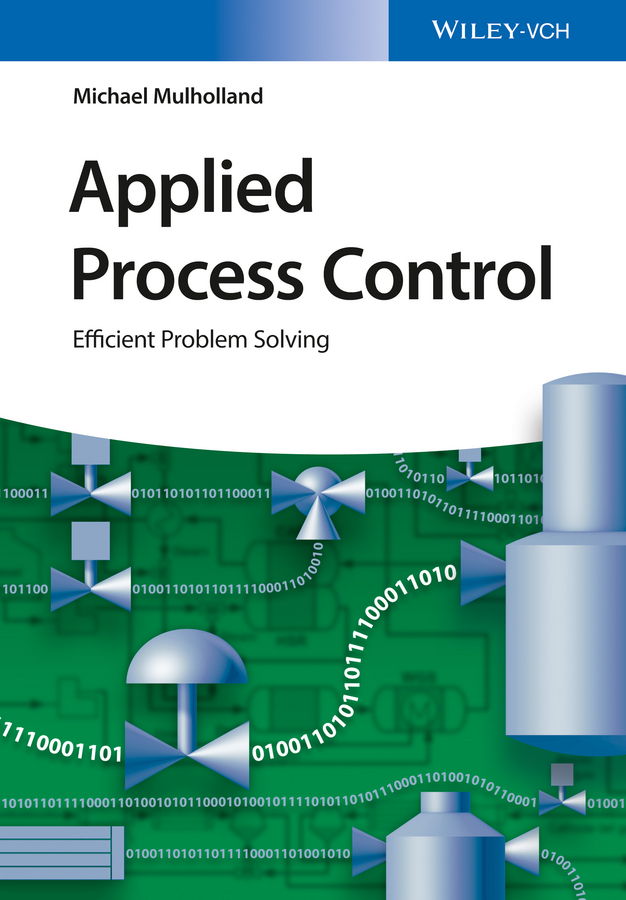
Applied Process Control Bridging theory and practice, this book contains over 200 practical exercises and their solutions, to develop the problem-solving abilities of process engineers. The problems were developed by the author during his many years of teaching at university and are kept brief, taken from the fields of instrumentation, modelling, plant control, control strategy design and stability of control. The algorithm flows and codes, which are mostly based on MATLAB?, are given in many cases and allow for easy translation into applications. Since the text is structured according to "Applied Process Control: Essential Methods", all of the necessary background information on the underlying methods can be easily and quickly found in this accompanying book. TECHNOLOGY & ENGINEERING,General
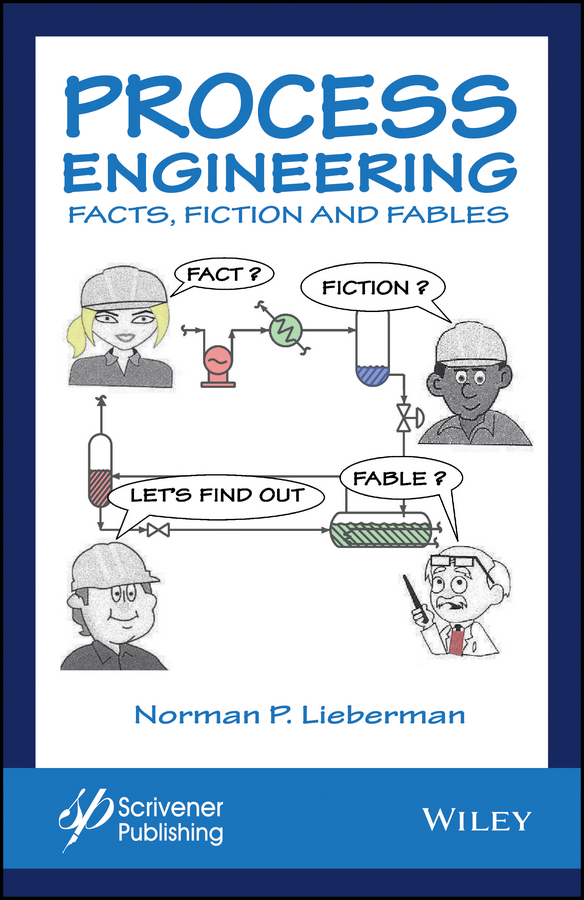
Process Engineering This is not your average technical book! Using a humorous and easy-to-understand approach to solving common process engineering problems, this unique volume is the go-to guide for any veteran or novice engineer in the plant, office, or classroom. Textbooks are often too theoretical to help the average process engineer solve everyday problems in the plant, and generic handbooks are often out of date and not comprehensive. This guide focuses on the most common problems that every engineer faces and how to solve them. The "characters" walk the reader through every problem and solution step-by-step, through dialogues that literally occur every day in process plants around the world. With over half a century of experience and many books, videos, and seminars to his credit, Norm Lieberman is well-known all over the world and has helped countless companies and engineers through issues with equipment, processes, and training. This is the first time that this knowledge has appeared in a format like this, quite unlike anything ever published before in books on process engineering. This is a must-have for any engineer working in process engineering. TECHNOLOGY & ENGINEERING,General
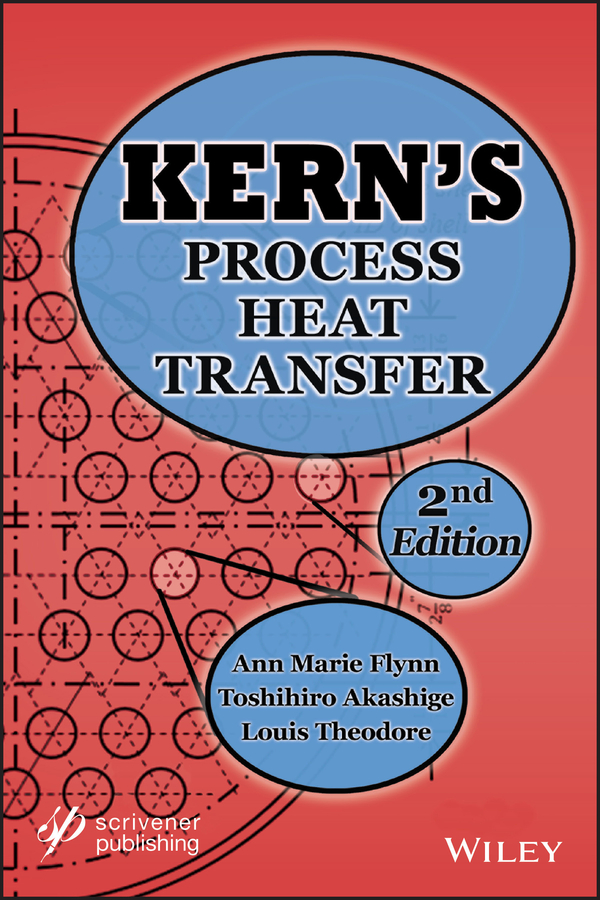
Kern's Process Heat Transfer This book insures the legacy of the original 1950 classic, Process Heat Transfer, by Donald Q. Kern. This second edition book is divided into three parts: Fundamental Principles; Heat Exchangers; and Other Heat Transfer Equipment/ Considerations. - Part I provides a series of chapters concerned with introductory topics that are required when solving heat transfer problems. This part of the book deals with topics such as steady-state heat conduction, unsteady-state conduction, forced convection, free convection, and radiation. - Part II is considered by the authors to be the “meat†of the book – addressing heat transfer equipment design procedures and applications. In addition to providing a more meaningful treatment of the various types of heat exchangers, this part also examines the impact of entropy calculations on exchanger design. - Part III of the book examines other related topics of interest, including boiling and condensation, refrigeration and cryogenics, boilers, cooling towers and quenchers, batch and unsteady-state processes, health & safety and the accompanying topic of risk. An Appendix is also included. What is new in the 2nd edition Changes that are addressed in the 2nd edition so that Kern’s original work continues to remain relevant in 21st century process engineering include:- Updated Heat Exchanger Design- Increased Number of Illustrative Examples- Energy Conservation/ Entropy Considerations- Environmental Considerations- Health & Safety- Risk Assessment- Refrigeration and Cryogenics- Inclusion of SI Units TECHNOLOGY & ENGINEERING,General
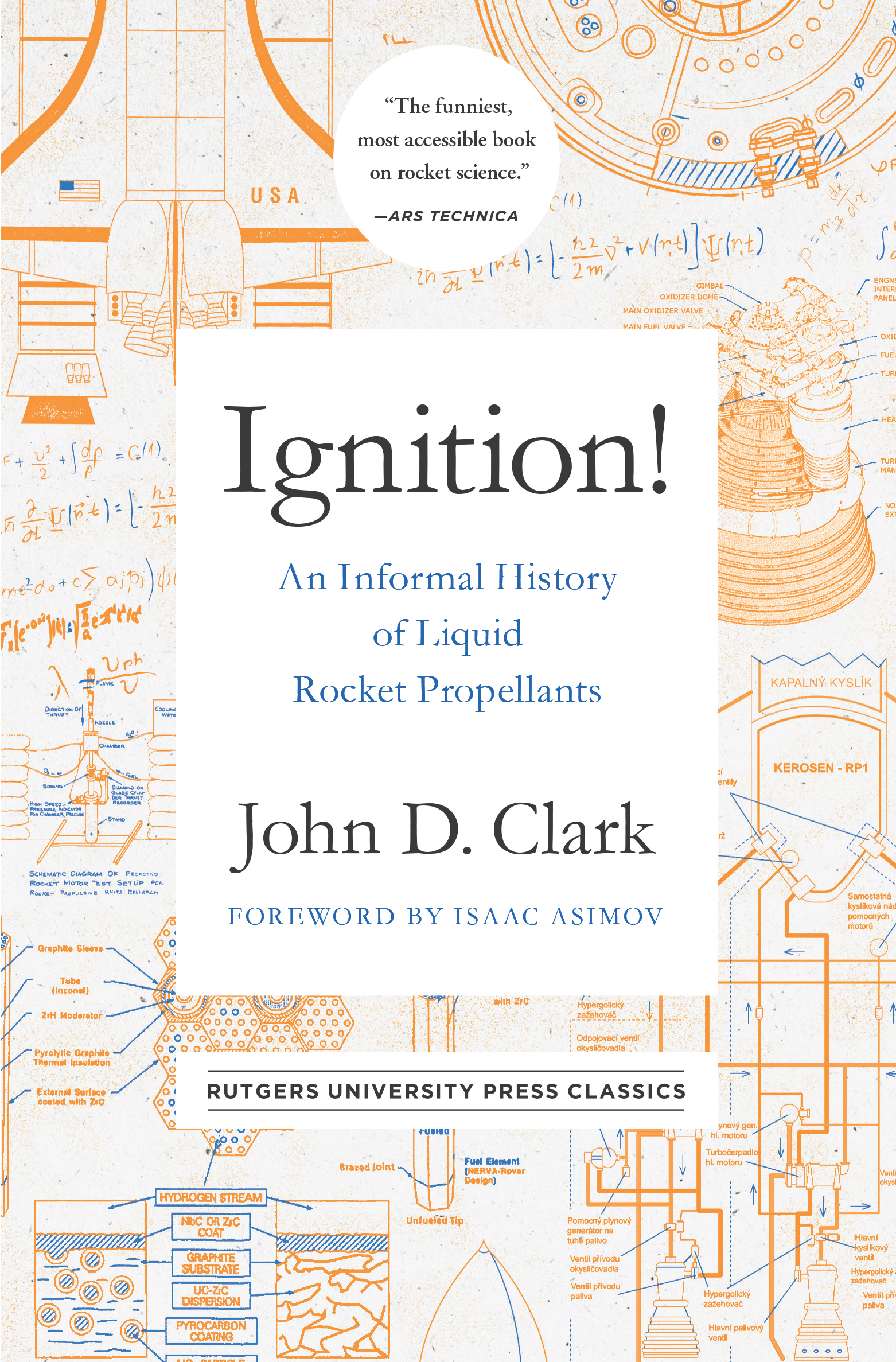
Ignition! This newly reissued debut book in the Rutgers University Press Classics Imprint is the story of the search for a rocket propellant which could be trusted to take man into space. This search was a hazardous enterprise carried out by rival labs who worked against the known laws of nature, with no guarantee of success or safety. Acclaimed scientist and sci-fi author John Drury Clark writes with irreverent and eyewitness immediacy about the development of the explosive fuels strong enough to negate the relentless restraints of gravity. The resulting volume is as much a memoir as a work of history, sharing a behind-the-scenes view of an enterprise which eventually took men to the moon, missiles to the planets, and satellites to outer space. A classic work in the history of science, and described as “a good book on rocket stuff…that’s a really fun one†by SpaceX founder Elon Musk, readers will want to get their hands on this influential classic, available for the first time in decades. TECHNOLOGY & ENGINEERING,General
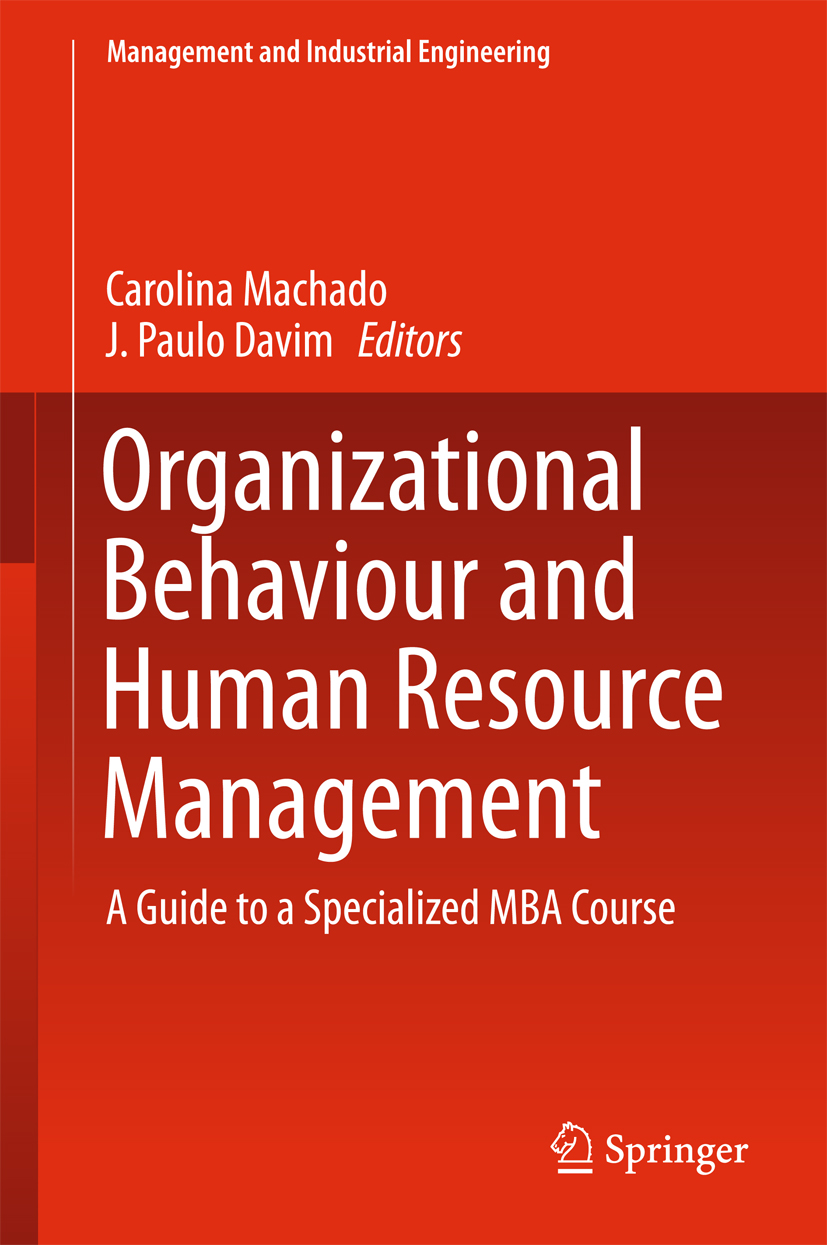
Organizational Behaviour and Human Resource Management This book focuses on strategic and operational human resources, giving the reader the core curriculum of subjects usually presented in an MBA program specialized in organizational behaviour and human resource management. The topics covered can be applied to a variety of real world business situations. This book aims to contribute to the growth and development of individuals in a competitive and global economy, by covering the latest developments in the field of human resources management. Innovative practices and theories as well as the current policies and practices of HRM are described in this book. TECHNOLOGY & ENGINEERING,General

Chemical Process Design and Simulation A comprehensive and example oriented text for the study of chemical process design and simulation Chemical Process Design and Simulation is an accessible guide that offers information on the most important principles of chemical engineering design and includes illustrative examples of their application that uses simulation software. A comprehensive and practical resource, the text uses both Aspen Plus and Aspen Hysys simulation software. The author describes the basic methodologies for computer aided design and offers a description of the basic steps of process simulation in Aspen Plus and Aspen Hysys. The text reviews the design and simulation of individual simple unit operations that includes a mathematical model of each unit operation such as reactors, separators, and heat exchangers. The author also explores the design of new plants and simulation of existing plants where conventional chemicals and material mixtures with measurable compositions are used. In addition, to aid in comprehension, solutions to examples of real problems are included. The final section covers plant design and simulation of processes using nonconventional components. This important resource: Includes information on the application of both the Aspen Plus and Aspen Hysys software that enables a comparison of the two software systems Combines the basic theoretical principles of chemical process and design with real-world examples Covers both processes with conventional organic chemicals and processes with more complex materials such as solids, oil blends, polymers and electrolytes Presents examples that are solved using a new version of Aspen software, ASPEN One 9 Written for students and academics in the field of process design, Chemical Process Design and Simulation is a practical and accessible guide to the chemical process design and simulation using proven software. TECHNOLOGY & ENGINEERING,General
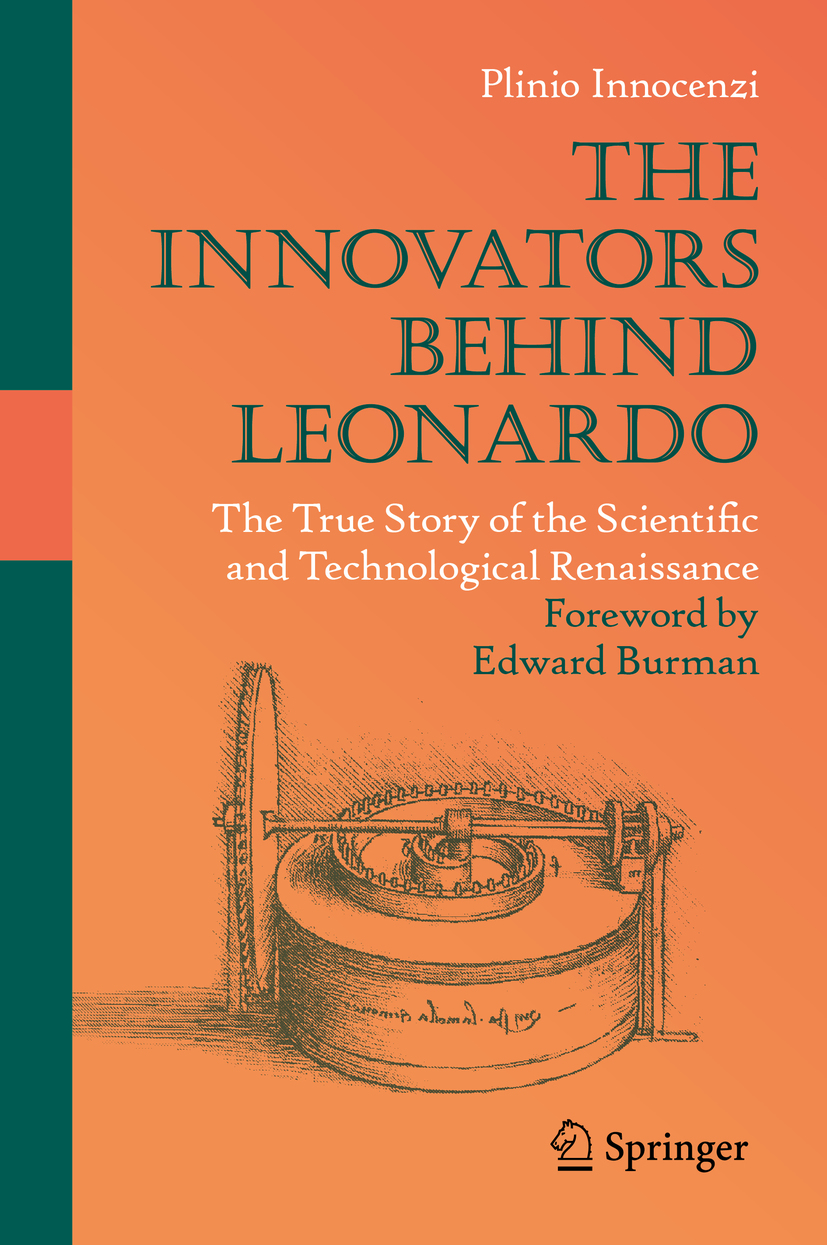
The Innovators Behind Leonardo This engaging book places Leonardo da Vinci’s scientific achievements within the wider context of the rapid development that occurred during the Renaissance. It demonstrates how his contributions were not in fact born of isolated genius, but rather part of a rich period of collective advancement in science and technology, which began at least 50 years prior to his birth. Readers will discover a very special moment in history, when creativity and imagination were changing the future—shaping our present. They will be amazed to discover how many technological inventions had already been conceived or even designed by the engineers and inventors who preceded Leonardo, such as Francesco di Giorgio and Taccola, the so-called Siena engineers. This engaging volume features a wealth of illustrations from a variety of original sources, such as manuscripts and codices, enabling the reader to see and judge for him or herself the influence that other Renaissance engineers and inventors had on Leonardo. TECHNOLOGY & ENGINEERING,General

To Engineer is Human “Though ours is an age of high technology, the essence of what engineering is and what engineers do is not common knowledge. Even the most elementary of principles upon which great bridges, jumbo jets, or super computers are built are alien concepts to many. This is so in part because engineering as a human endeavor is not yet integrated into our culture and intellectual tradition. And while educators are currently wrestling with the problem of introducing technology into conventional academic curricula, thus better preparing today’s students for life in a world increasingly technological, there is as yet no consensus as to how technological literacy can best be achieved. " I believe, and I argue in this essay, that the ideas of engineering are in fact in our bones and part of our human nature and experience. Furthermore, I believe that an understanding and an appreciation of engineers and engineering can be gotten without an engineering or technical education. Thus I hope that the technologically uninitiated will come to read what I have written as an introduction to technology. Indeed, this book is my answer to the questions 'What is engineering?' and 'What do engineers do?'" - Henry Petroski, To Engineer is Human TECHNOLOGY & ENGINEERING,General
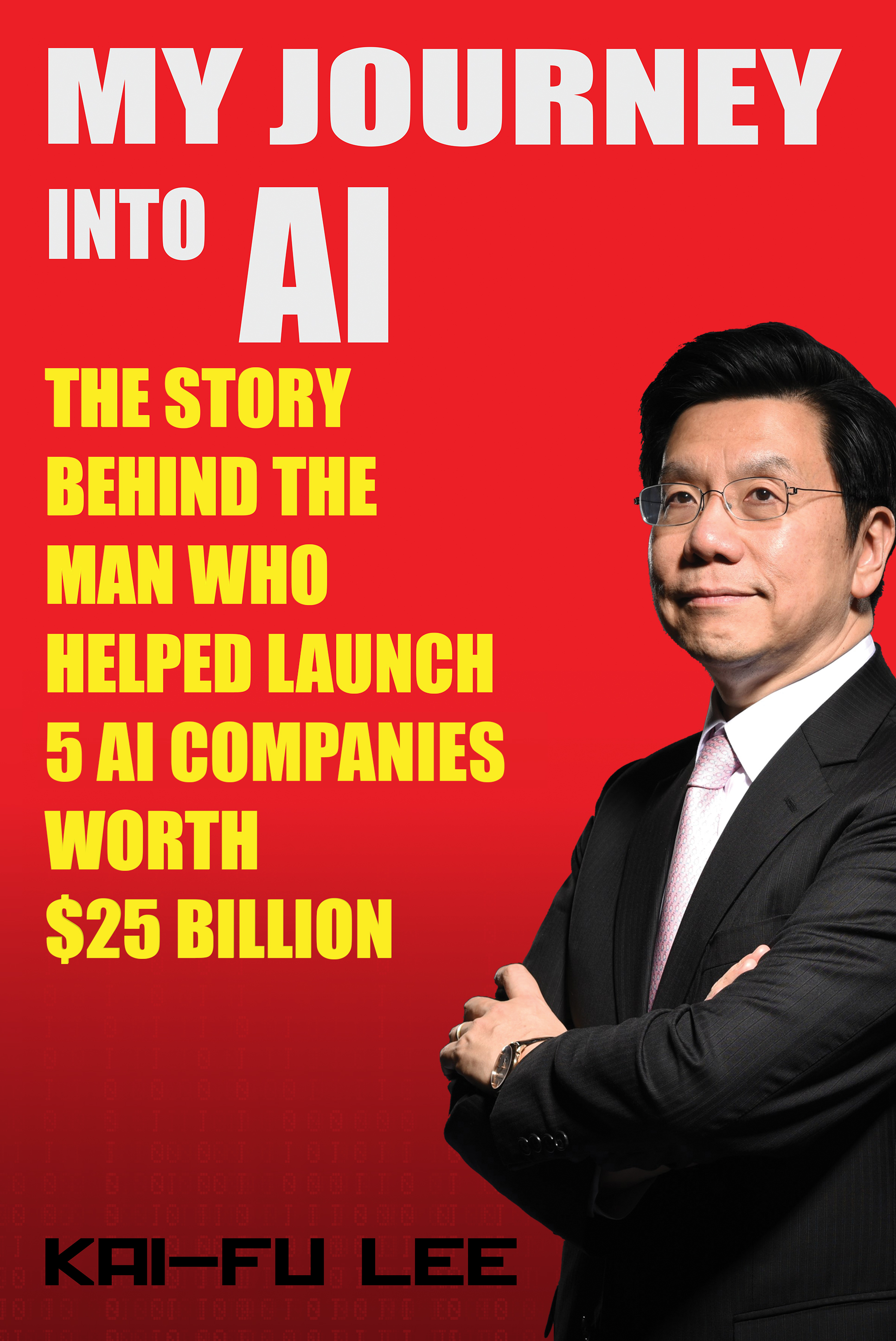
My Journey into AI In this autobiography, Dr. Kaifu Lee recounts all his career experiences with Apple, Microsoft and Google as well as his own technological achievements. Follow Dr. Lee on his personal life's journey. Enjoy the masterfully spun stories that Dr. Lee shares from two decades of experience working with the most prominent high tech leaders. In this book, you will get up close with Steve Jobs, Bill Gates, Steve Balmer, Eric Schmidt, Larry Page, and Sergey Brin. TECHNOLOGY & ENGINEERING,General
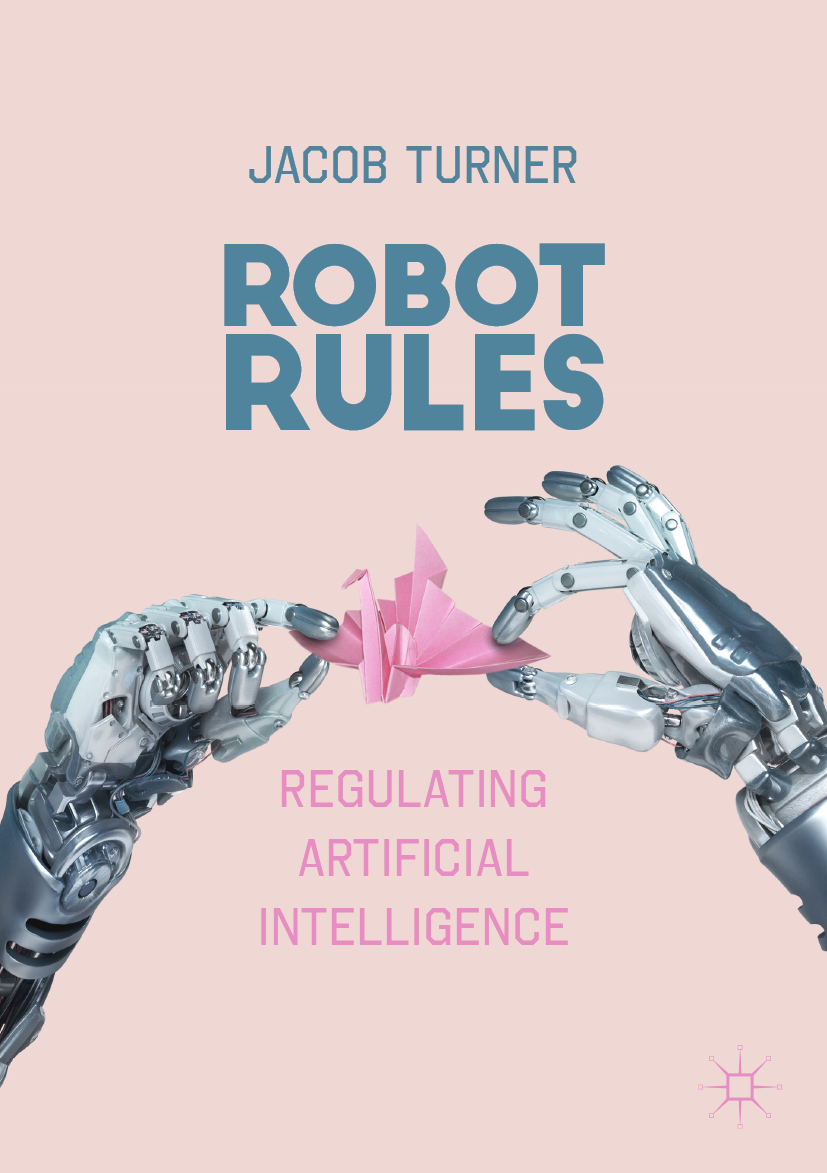
Robot Rules This book explains why AI is unique, what legal and ethical problems it could cause, and how we can address them. It argues that AI is unlike any other previous technology, owing to its ability to take decisions independently and unpredictably. This gives rise to three issues: responsibility--who is liable if AI causes harm; rights--the disputed moral and pragmatic grounds for granting AI legal personality; and the ethics surrounding the decision-making of AI. The book suggests that in order to address these questions we need to develop new institutions and regulations on a cross-industry and international level. Incorporating clear explanations of complex topics, Robot Rules will appeal to a multi-disciplinary audience, from those with an interest in law, politics and philosophy, to computer programming, engineering and neuroscience. TECHNOLOGY & ENGINEERING,General
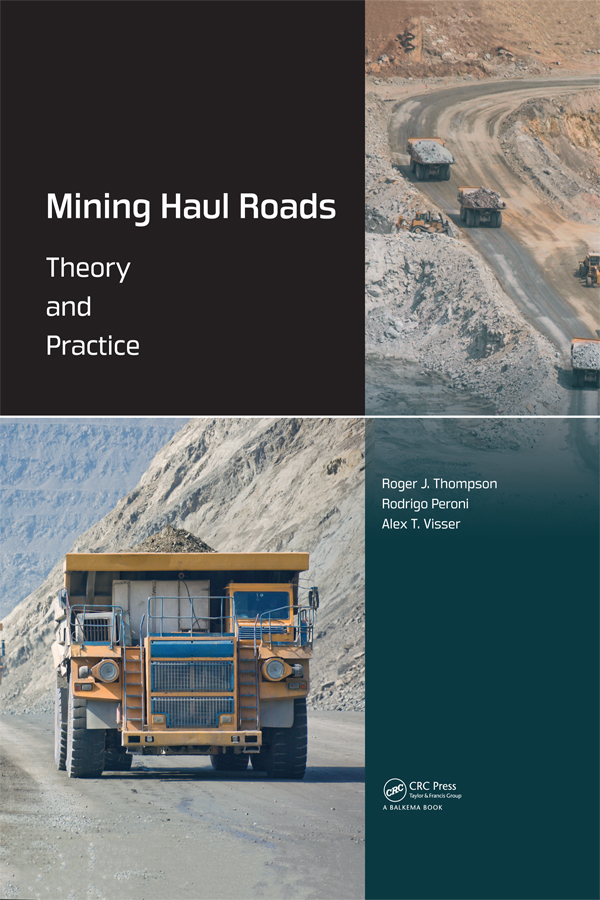
Mining Haul Roads Mining haul roads are a critical component of surface mining infrastructure and the performance of these roads has a direct impact on operational efficiency, costs and safety. A significant proportion of a mine’s cost is associated with material haulage and well-designed and managed roads contribute directly to reductions in cycle times, fuel burn, tyre costs and overall cost per tonne hauled and critically, underpin a safe transport system. The first comprehensive treatise on mining haul road design, construction, operation and management, Mining Haul Roads – Theory and Practice presents an authoritative compendium of worldwide experience and state-of-the-art practices developed and applied over the last 25 years by the three authors, over three continents and many of the world’s leading surface mining operations. In this book, the authors: Introduce the four design components of an integrated design methodology for mining haul roads – geometric (including drainage), structural, functional and maintenance management Illustrate how mine planning constraints inform road design requirements Develop the analytical framework for each of the design components from their theoretical basis, and using typical mine-site applications, illustrate how site-specific design guidelines are developed, together with their practical implementation Summarise the key road safety and geometric design considerations specific to mining haul roads Specify the mechanistic structural design approach unique to ultra-heavy wheel loading associated with OTR mine trucks Describe the selection, application and management of the road wearing course material, together with its rehabilitation, including the use of palliatives Develop road and operating cost models for estimating total road-user costs, based on road rolling resistance measurement and modelling techniques Illustrate the approach of costing a mining road construction project based on the design methodologies previously introduced List and describe future trends in mine haulage system development, how mining haul road design will evolve to meet these new system challenges and how the increasing availability of data is used to manage road performance and ultimately provide 24x7 trafficability. Mining Haul Roads – Theory and Practice is a complete practical reference for mining operations, contractors and mine planners alike, as well as civil engineering practitioners and consulting engineers. It will also be invaluable in other fields of transportation infrastructure provision and for those seeking to learn and apply the state-of-the-art in mining haul roads. “This book is the most definitive treatise on mining haul roads ever written […] There has never been a text that addresses the many facets of mining haul roads on such a scope […]†From the Foreword by Jim Humphrey, Professional Engineer, Autonomous haulage systems developer and Distinguished Member of the Society of Mining, Metallurgy and Exploration. TECHNOLOGY & ENGINEERING,General
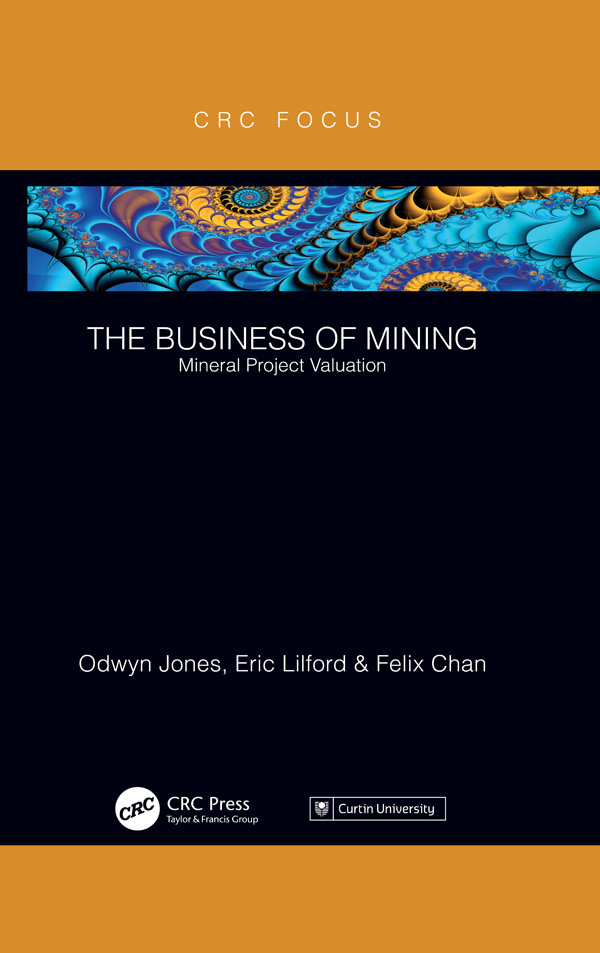
The Business of Mining The Business of Mining complete set of three Focus books will provide readers with a holistic all-embracing appraisal of the analytical tools available for assessing the economic viability of prospective mines. Each volume has a discrete focus. This second volume discusses, in some depth, alternative means of assessing the economic viability of mining projects based on the best estimate of the recoverable mineral and/or fossil fuel reserves. The books were written primarily for undergraduate applied geologists, mining engineers and extractive metallurgists and those pursuing course-based postgraduate programs in mineral economics. However, the complete series will also be an extremely useful reference text for practicing mining professionals as well as for consultant geologists, mining engineers or primary metallurgists. TECHNOLOGY & ENGINEERING,General
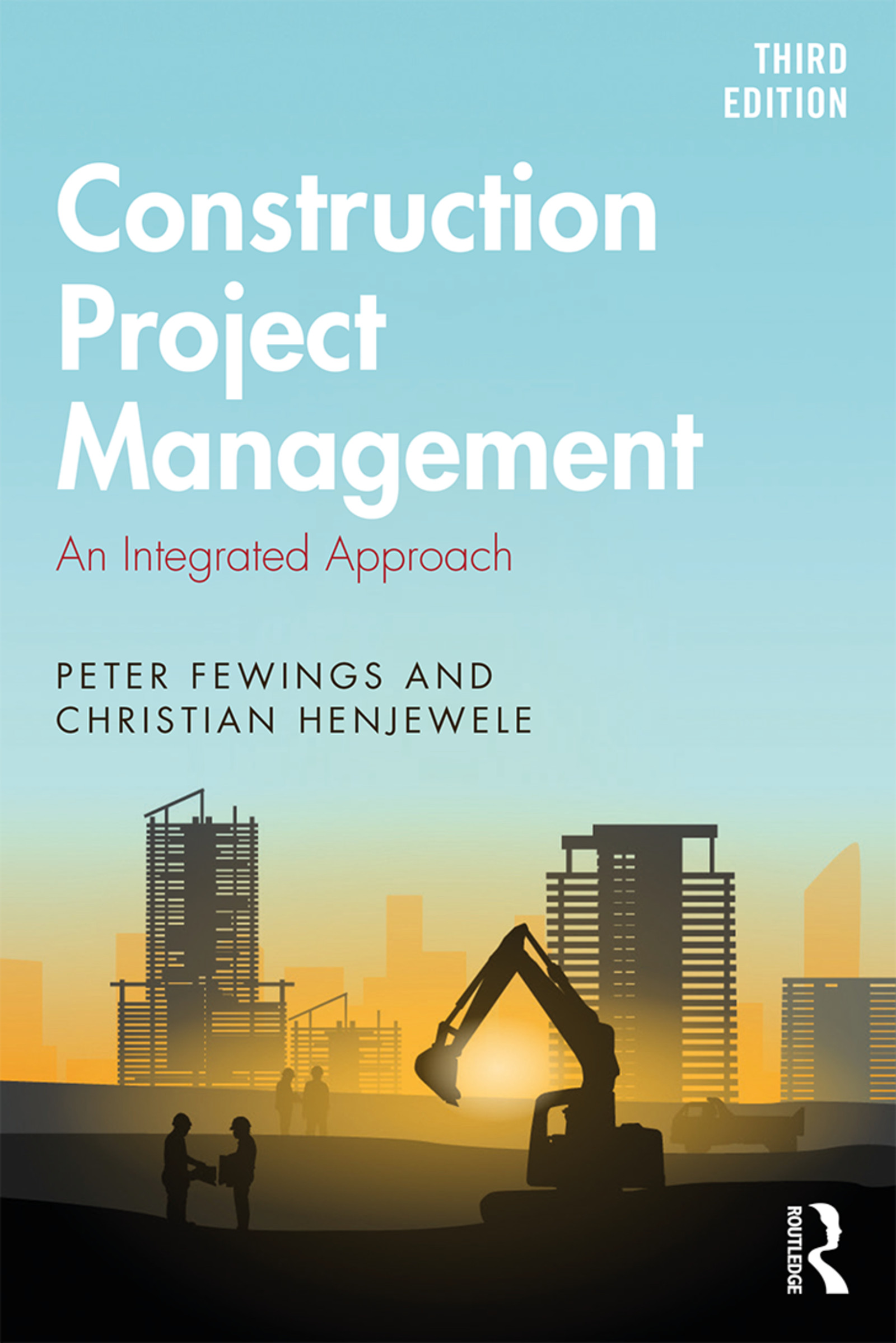
Construction Project Management Construction Project Management: An Integrated Approach is a management approach to leading projects and the effective choice and use of project management tools and techniques. It seeks to push the boundaries of project management to take on board future needs and user issues. Integration of the construction project, meaning closer relations between the project team, the supply chain and the client, is long overdue; however, despite some signs of growth in this area, the industry nonetheless remains fragmented in its approach. The role of the project manager is to integrate diverse interests and unify objectives to achieve a common goal. This has now broadened to include a responsibility, on the parts of both client and team, to ensure that construction addresses current and future societal needs. From an economic perspective, a great deal of waste is connected with conflict, thus a holistic approach that increases the efficiency and effectiveness of the task at hand will inject energy into project management. This third edition now takes on board the impact of technology in building information modelling and other digitised technologies such as artificial intelligence. Together, they open up avenues for more direct and incisive action to test creative design, manufacture directly and communicate spontaneously and intuitively. In time, such technologies will change the role of project managers but will never take away their responsibility to be passionate about construction and to integrate the team. A new chapter has been added that considers future societal needs. This edition is also reordered to make the project life cycle and process chapters clearer. This book combines best practice in construction with the theories underpinning project management and presents a wealth of practical case studies – many new. It focuses on all construction disciplines that may manage projects. The book is of unique value to students in the later years of undergraduate courses and those on specialist postgraduate courses in project management and also for practitioners in all disciplines and clients who have experienced the frustration caused by the fragmentation of construction projects. TECHNOLOGY & ENGINEERING,General
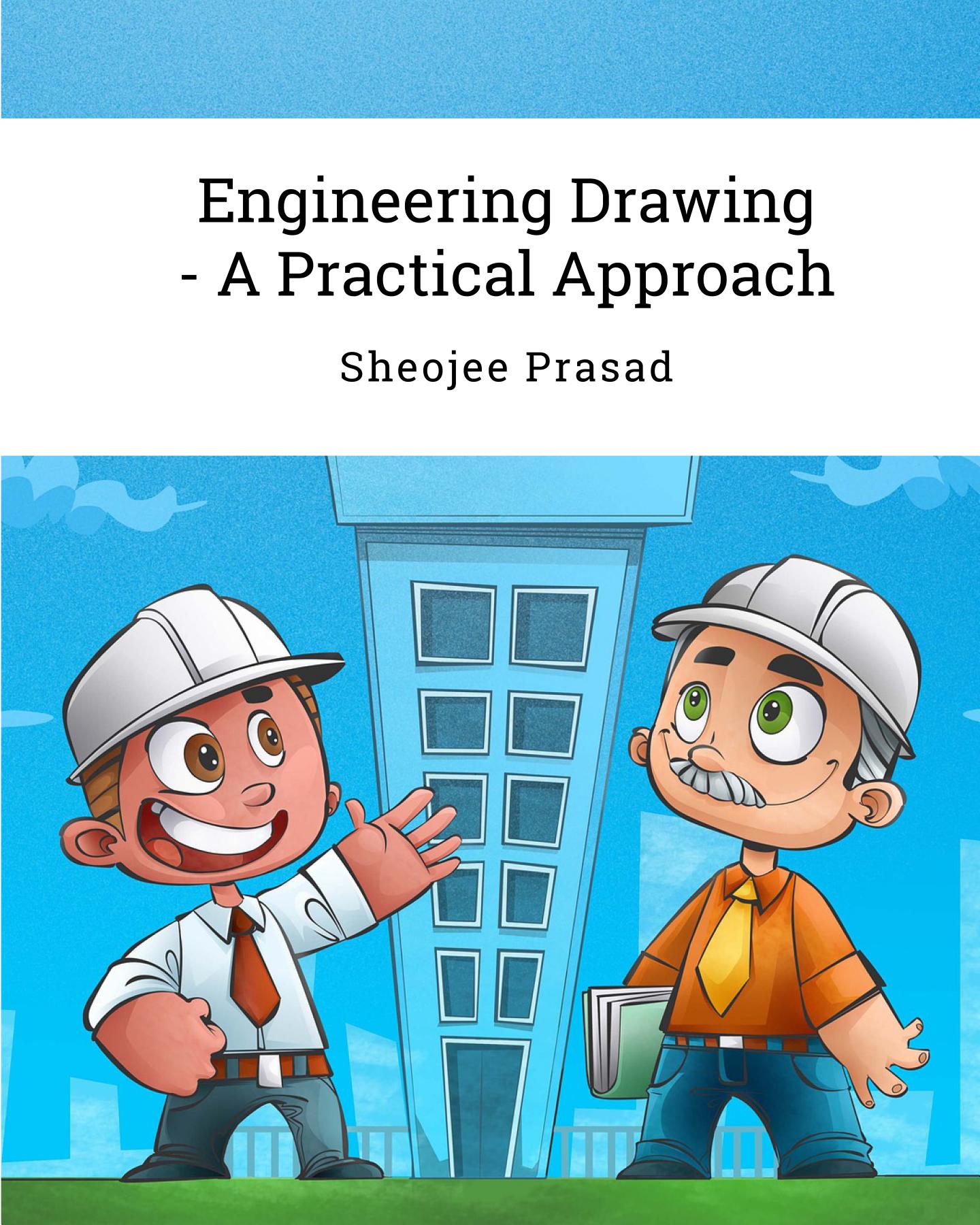
Engineering Drawing - A Practical Approach Engineering Drawing – A Practical Approach provides simple steps to learn engineering drawing starting from the concept of lines, geometrical construction and to complicated shapes of engineering drawings. This book even covers the basic requirement of learning how to read and write drawings. All graphical representation has been explained with a brief description. TECHNOLOGY & ENGINEERING,General
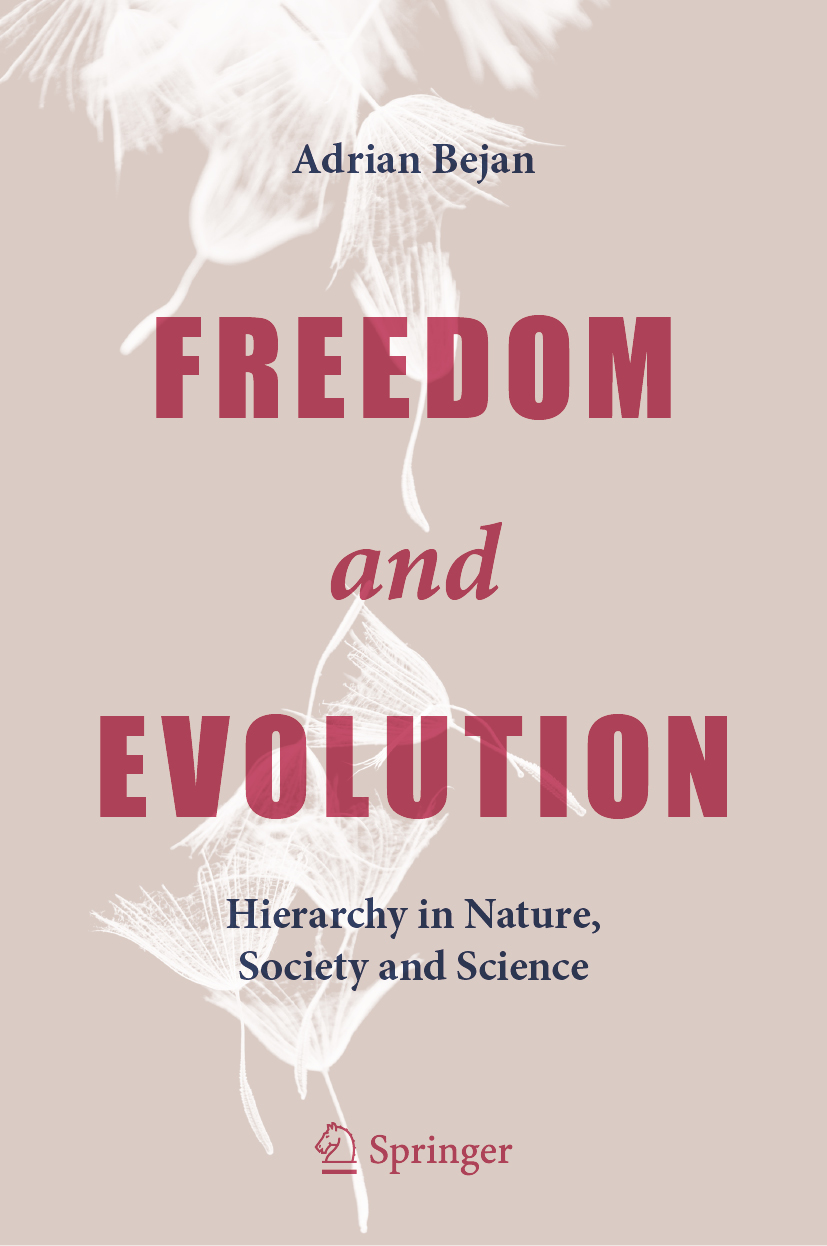
Freedom and Evolution The book begins with familiar designs found all around and inside us (such as the ‘trees’ of river basins, human lungs, blood and city traffic). It then shows how all flow systems are driven by power from natural engines everywhere, and how they are endlessly shaped because of freedom. Finally, Professor Bejan explains how people, like everything else that moves on earth, are driven by power derived from our “engines†that consume fuel and food, and that our movement dissipates the power completely and changes constantly for greater access, economies of scale, efficiency, innovation and life. Written for wide audiences of all ages, including readers interested in science, patterns in nature, similarity and non-uniformity, history and the future, and those just interested in having fun with ideas, the book shows how many “design change†concepts acquire a solid scientific footing and how they exist with the evolution of nature, society, technology and science. TECHNOLOGY & ENGINEERING,General
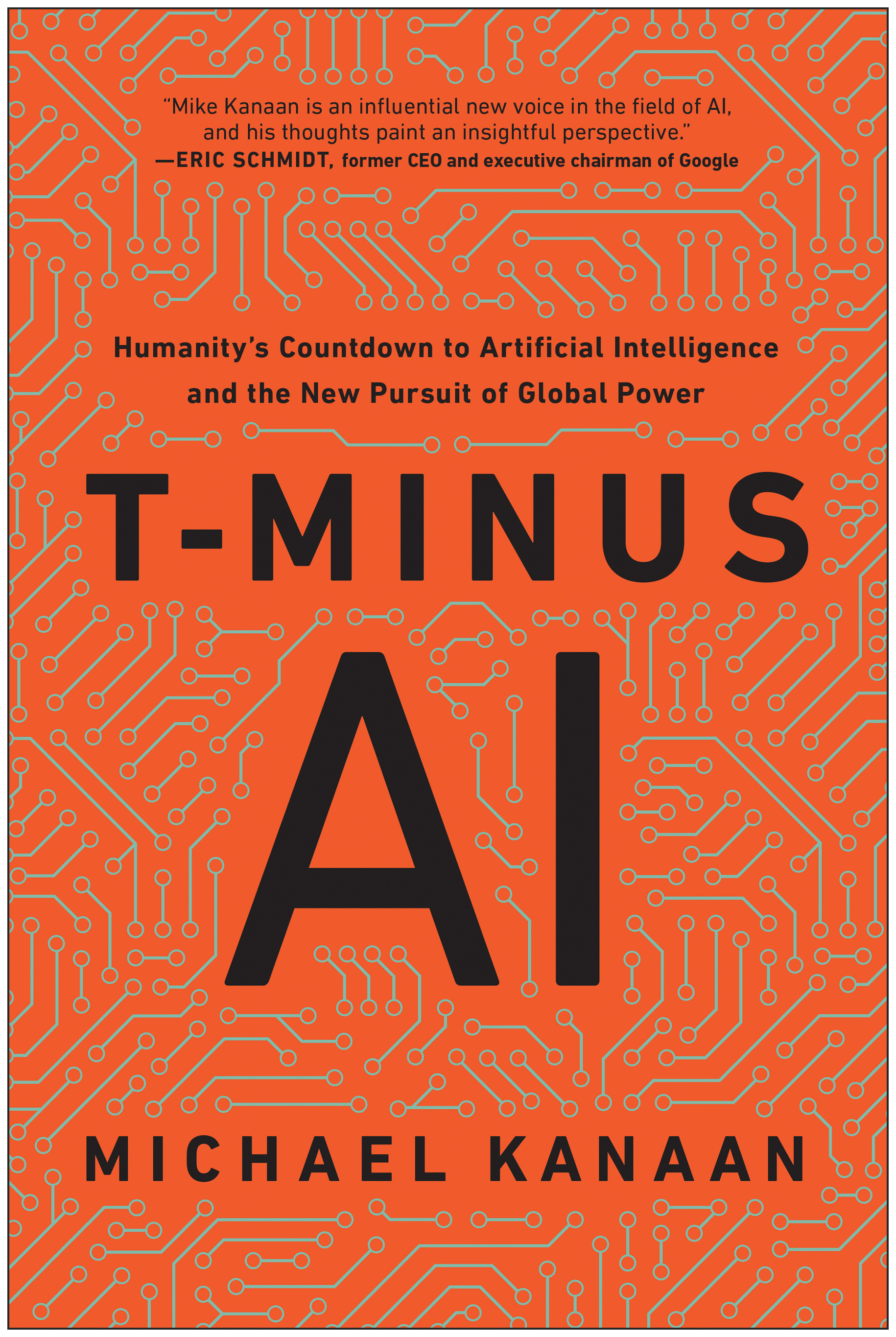
T-Minus AI Recognized national AI expert, and the US Air Force’s first Chairperson for Artificial Intelligence, Michael Kanaan weaves an intriguing new spin on our history of innovation and technology to masterfully explain what each of us should know about modern computing, AI, and machine learning. TECHNOLOGY & ENGINEERING,General
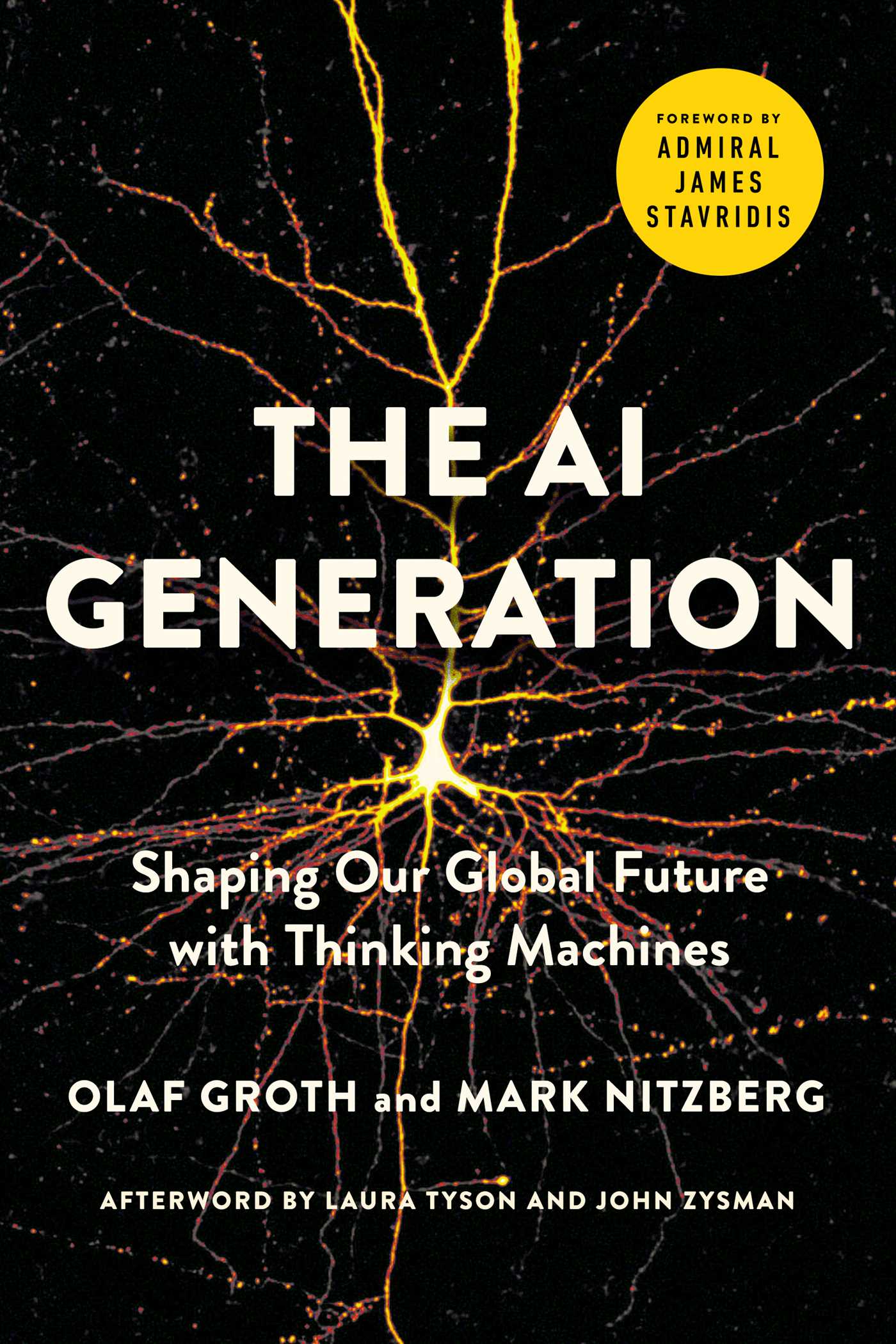
Solomon's Code A thought-provoking examination of artificial intelligence and how it reshapes human values, trust, and power around the world. Whether in medicine, money, or love, technologies powered by forms of artificial intelligence are playing an increasingly prominent role in our lives. As we cede more decisions to thinking machines, we face new questions about staying safe, keeping a job and having a say over the direction of our lives. The answers to those questions might depend on your race, gender, age, behavior, or nationality. New AI technologies can drive cars, treat damaged brains and nudge workers to be more productive, but they also can threaten, manipulate, and alienate us from others. They can pit nation against nation, but they also can help the global community tackle some of its greatest challenges—from food crises to global climate change. In clear and accessible prose, global trends and strategy adviser Olaf Groth, AI scientist and social entrepreneur Mark Nitzberg, along with seasoned economics reporter Dan Zehr, provide a unique human-focused, global view of humanity in a world of thinking machines. TECHNOLOGY & ENGINEERING,General

Workmatters While recovering from a household injury, Vic Durnell began writing his work story. The result of of his recovery is this book, which retells his brushes with history as an aeorspace engineer and manager at the beginning of the aeronautics revolution. TECHNOLOGY & ENGINEERING,General

Profit Maximization Techniques for Operating Chemical Plants A systematic approach to profit optimization utilizing strategic solutions and methodologies for the chemical process industry In the ongoing battle to reduce the cost of production and increase profit margin within the chemical process industry, leaders are searching for new ways to deploy profit optimization strategies. Profit Maximization Techniques For Operating Chemical Plants defines strategic planning and implementation techniques for managers, senior executives, and technical service consultants to help increase profit margins. The book provides in-depth insight and practical tools to help readers find new and unique opportunities to implement profit optimization strategies. From identifying where the large profit improvement projects are to increasing plant capacity and pushing plant operations towards multiple constraints while maintaining continuous improvements—there is a plethora of information to help keep plant operations on budget. The book also includes information on: ◠Take away methods and techniques for identifying and exploiting potential areas to improve profit within the plant ◠Focus on latest Artificial Intelligence based modeling, knowledge discovery and optimization strategies to maximize profit in running plant. ◠Describes procedure to develop advance process monitoring and fault diagnosis in running plant ◠Thoughts on engineering design , best practices and monitoring to sustain profit improvements ◠Step-by-step guides to identifying, building, and deploying improvement applications For leaders and technologists in the industry who want to maximize profit margins, this text provides basic concepts, guidelines, and step-by-step guides specifically for the chemical plant sector. TECHNOLOGY & ENGINEERING,General

Tunnels and Underground Cities Tunnels and Underground Cities: Engineering and Innovation meet Archaeology, Architecture and Art. Volume 2: Environment sustainability in underground construction contains the contributions presented in the eponymous Technical Session during the World Tunnel Congress 2019 (Naples, Italy, 3-9 May 2019). The use of underground space is continuing to grow, due to global urbanization, public demand for efficient transportation, and energy saving, production and distribution. The growing need for space at ground level, along with its continuous value increase and the challenges of energy saving and achieving sustainable development objectives, demand greater and better use of the underground space to ensure that it supports sustainable, resilient and more liveable cities. The contributions cover a wide range of topics, from online identification of excavation materials, management and use of materials, the integration of tunnel entrances in landscapes, to site-specific protocols for evaluating environmental compatibility of spoil materials, and the reduction of adverse effects of blasting methods on the living environment. The book is a valuable reference text for tunnelling specialists, owners, engineers, archaeologists, architects, artists and others involved in underground planning, design and building around the world, and for academics who are interested in underground constructions and geotechnics. TECHNOLOGY & ENGINEERING,General
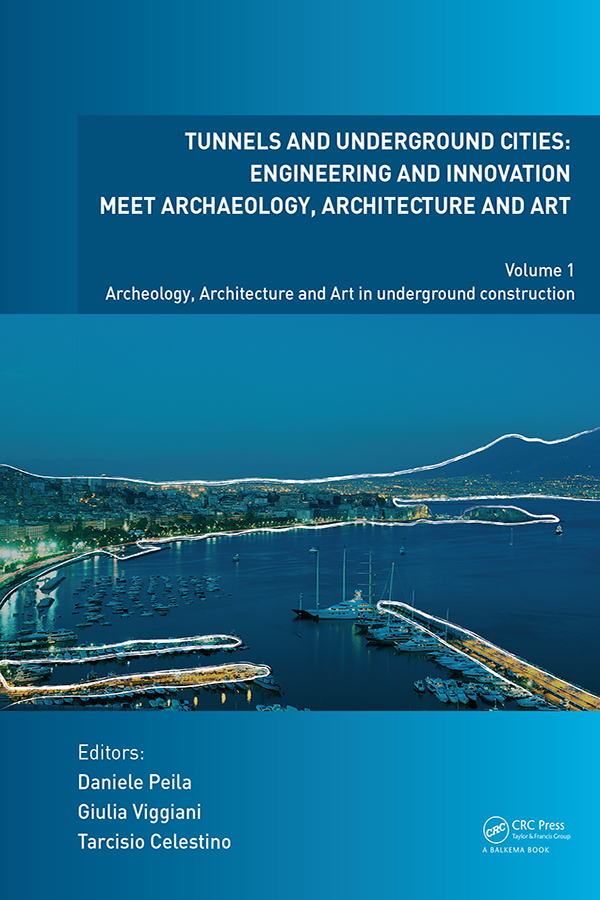
Tunnels and Underground Cities. Engineering and Innovation Meet Archaeology, Architecture and Art Tunnels and Underground Cities: Engineering and Innovation meet Archaeology, Architecture and Art. Volume 1: Archaeology, Architecture and Art in Underground Construction contains the contributions presented in the eponymous Technical Session during the World Tunnel Congress 2019 (Naples, Italy, 3-9 May 2019). The use of underground space is continuing to grow, due to global urbanization, public demand for efficient transportation, and energy saving, production and distribution. The growing need for space at ground level, along with its continuous value increase and the challenges of energy saving and achieving sustainable development objectives, demand greater and better use of the underground space to ensure that it supports sustainable, resilient and more liveable cities. The contributions cover a wide range of topics, from urban tunnelling under archaeological findings in Naples (Italy) with ground freezing and grouting techniques, via the functional role of heritage in metro projects, to interdisciplinary research in geotechnical engineering and geoarchaeology – a London case study. The book is a valuable reference text for tunnelling specialists, owners, engineers, archaeologists, architects, artists and others involved in underground planning, design and building around the world, and for academics who are interested in underground constructions and geotechnics. TECHNOLOGY & ENGINEERING,General
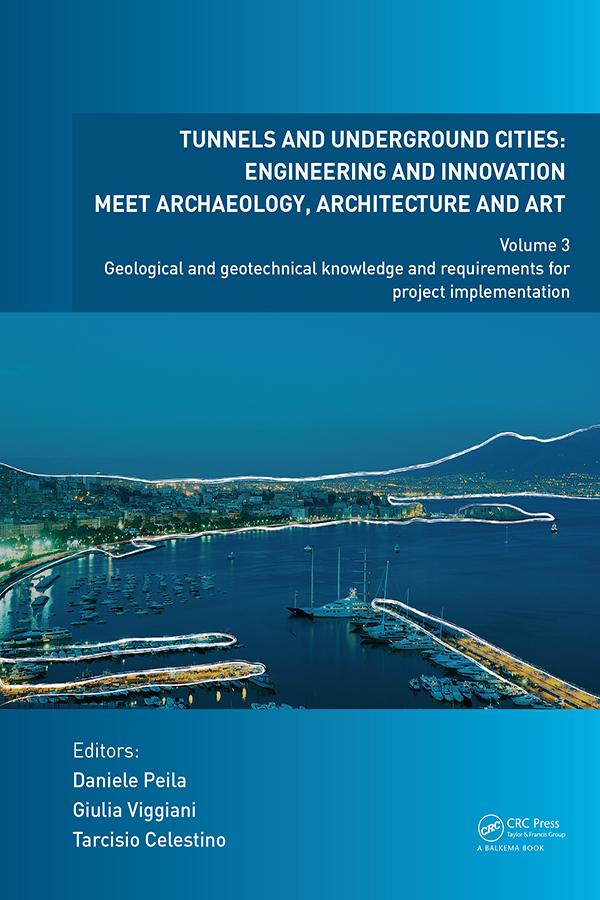
Tunnels and Underground Cities Tunnels and Underground Cities: Engineering and Innovation meet Archaeology, Architecture and Art. Volume 3: Geological and geotechnical knowledge and requirements for project implementation contains the contributions presented in the eponymous Technical Session during the World Tunnel Congress 2019 (Naples, Italy, 3-9 May 2019). The use of underground space is continuing to grow, due to global urbanization, public demand for efficient transportation, and energy saving, production and distribution. The growing need for space at ground level, along with its continuous value increase and the challenges of energy saving and achieving sustainable development objectives, demand greater and better use of the underground space to ensure that it supports sustainable, resilient and more liveable cities. The contributions cover a wide range of topics, from geological and geotechnical key-factors for tunnel design, excavation geometry using digital mapping, real time monitoring systems, via geotechnical data standardization and management, to drone based deformation monitoring and Probabilistic Fault Displacement Hazard Analysis. The book is a valuable reference text for tunnelling specialists, owners, engineers, archaeologists, architects, artists and others involved in underground planning, design and building around the world, and for academics who are interested in underground constructions and geotechnics. TECHNOLOGY & ENGINEERING,General
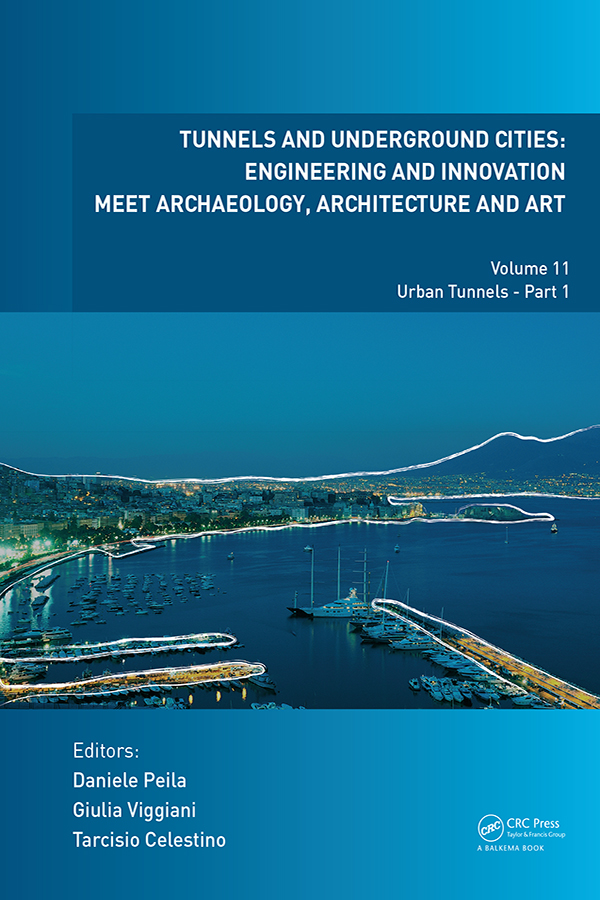
Tunnels and Underground Cities Tunnels and Underground Cities: Engineering and Innovation meet Archaeology, Architecture and Art. Volume 11: Urban Tunnels - Part 1 contains the contributions presented in the eponymous Technical Session during the World Tunnel Congress 2019 (Naples, Italy, 3-9 May 2019). The use of underground space is continuing to grow, due to global urbanization, public demand for efficient transportation, and energy saving, production and distribution. The growing need for space at ground level, along with its continuous value increase and the challenges of energy saving and achieving sustainable development objectives, demand greater and better use of the underground space to ensure that it supports sustainable, resilient and more liveable cities. The contributions cover a wide range of topics, from geomechanical behavior evaluation, evaluation of long-term tunnel behaviour, via monitoring excavation-related ground deformation to risk management for tunneling-induced deformations. The book is a valuable reference text for tunnelling specialists, owners, engineers, archaeologists, architects, artists and others involved in underground planning, design and building around the world, and for academics who are interested in underground constructions and geotechnics. TECHNOLOGY & ENGINEERING,General
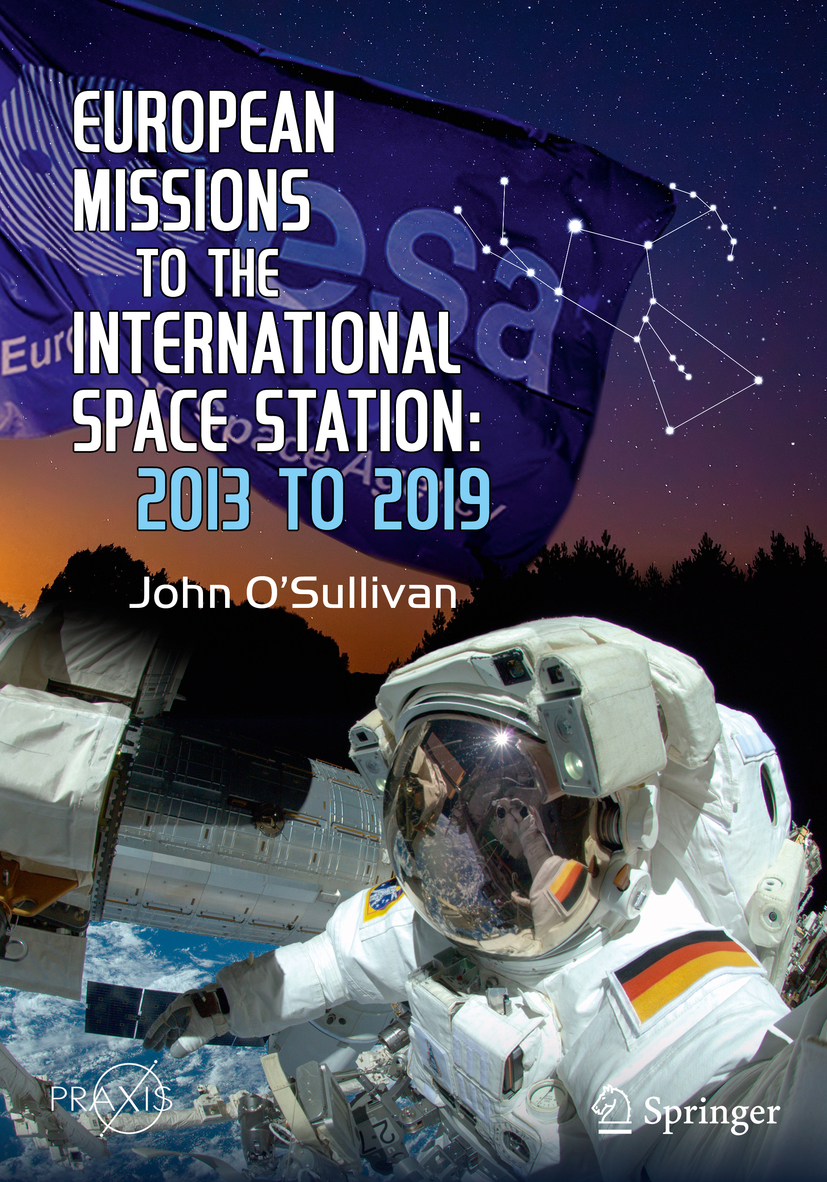
European Missions to the International Space Station The European Space Agency has a long history of human spaceflight, working with both NASA and the Soviet/Russian space agencies over the years. This book tells the story of the ESA astronauts who have visited the International Space Station and their contributions to its development and success. For example, ESA built the Columbus science laboratory, as well as the Cupola, the Leonardo PMM and the ATV supply ship. But it is the human endeavor that captures the imagination. From brief visits to six-month expeditions and spacewalking to commanding Earth’s only outpost in space and doing experiments, ESA astronauts – whose personal stories are also told – have played a vital role in the international project. Many of their efforts are documented in photographs in the book. In following up on the missions covered in this author’s earlier title, In the Footsteps of Columbus (2016), this book highlights European missions from the 2013 Volare mission of Luca Parmitano to his 2019 Beyond mission and includes first flights for Alexander Gerst, Samantha Cristoforetti, Andreas Mogensen, Tim Peake, and Thomas Pesquet. TECHNOLOGY & ENGINEERING,General
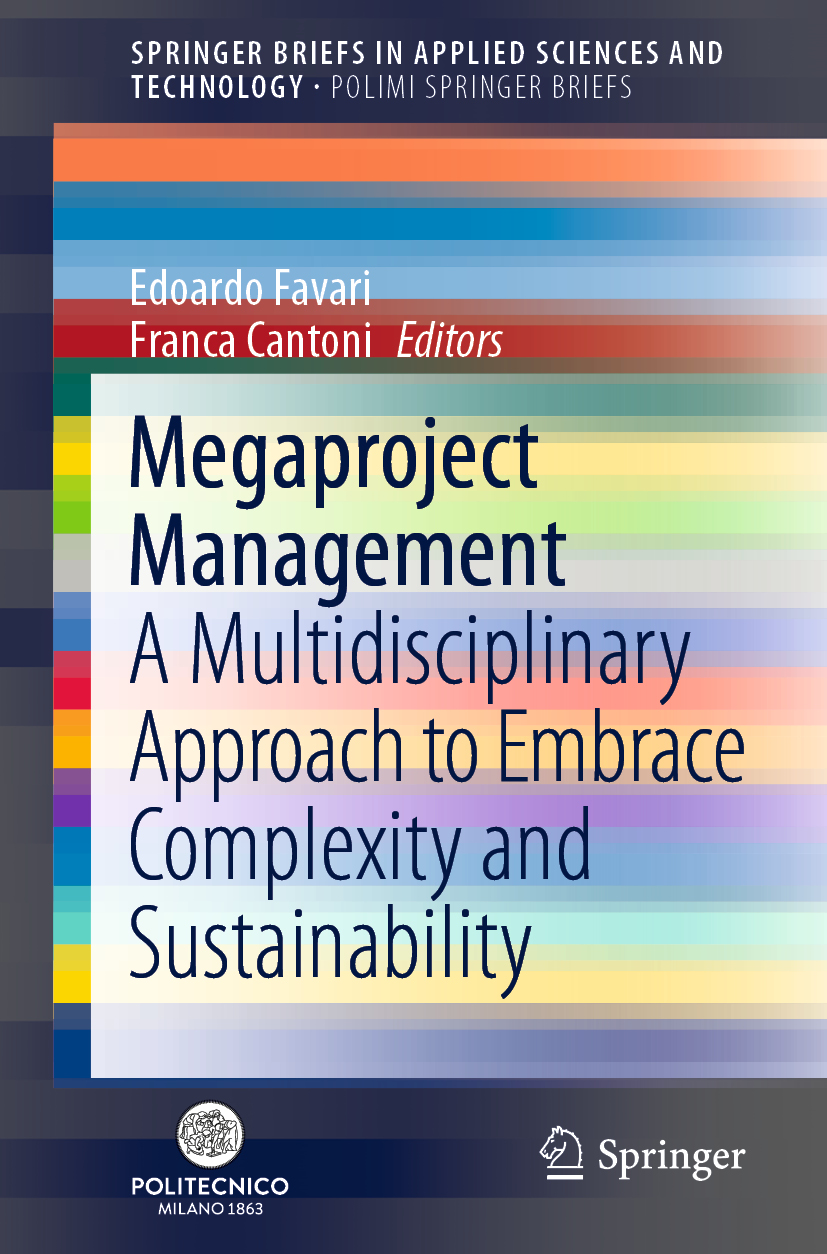
Megaproject Management The book investigates the various aspects characterizing Megaprojects from numerous perspectives and by integrating different disciplines: engineering, economics, business organization, human resource management, law, etc. It represents the first output of MeRIT (the Megaproject Research Interdisciplinary Team), and focuses on the intrinsic and unavoidable complexity of Megaprojects. The chapters have intentionally not been standardized, and humanistic topics are not separated from technical ones: this way of reading and interpreting Megaprojects through the cross-pollination of various disciplines reflects the MeRIT approach. Addressing the complexity involved in Megaprojects requires the use of a hermeneutic circle of sorts: understanding the project as a whole is achieved by referring to the specific parts, while each part can only be understood in relation to the whole. This circular approach appears to be the only one applicable to Megaprojects: no final destination, no final synthesis can be achieved. This volume consists of eight chapters written by researchers in law, economics, sociology, business organization, engineering, architecture and landscaping. The topics covered will be relevant to researchers, practitioners involved in the development of Megaprojects, and policymakers at the EU level. TECHNOLOGY & ENGINEERING,General

Optimization Methods in Engineering This book comprises peer-reviewed contributions from the International Conference on Production and Industrial Engineering (CPIE) 2019. This volume provides insights into the current scenario and advances in the domain of industrial and production engineering in the context of optimum value. Optimization and its applicability in various areas of production and industrial engineering like selection of designing parameters and machining parameters, decisions related to conditions of optimum process/operation parameters, behavior of response variables, facilities planning and management, transportation and supply chain management, quality engineering, reliability and maintenance, product design and development, human factors and ergonomics, service system and service management, waste management, sustainable manufacturing and operations, systems design, and performance measurement are discussed in the book. Given the range of topics covered, this book can be useful for students, researchers, and professionals interested in latest optimization techniques related to industrial and production engineering. TECHNOLOGY & ENGINEERING,General
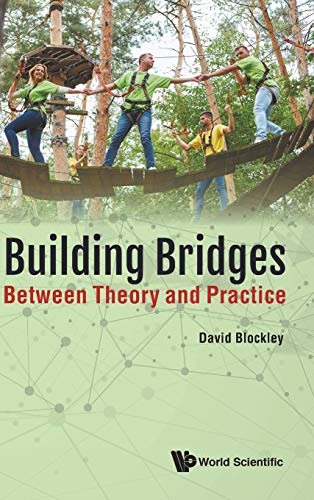
Building Bridges The book is about bridging the huge gaps between what engineers know, what they do and why things go wrong. It puts engineering into a wider perspective so readers can see how it relates to other disciplines — especially science and technology. Many intellectuals have dismissed engineering as 'applied science', but this book shows how wrong it is to do so — engineers apply science, but their purpose is quite different.It takes the reader on a learning journey of reflections on the gaps between theory and practice in professional life — not just in engineering but across all disciplines. The learning is summarized through 20 learning points or lessons, each one placed in context. Some of the important lessons are about learning from failure, joining-up theory and practice, understanding process, classifying uncertainty, managing risks, finding resilience, thinking systems to improve performance and nurturing practical wisdom. TECHNOLOGY & ENGINEERING,General
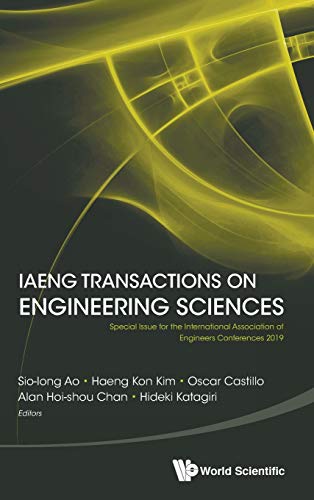
Iaeng Transactions On Engineering Sciences An international conference on Advances in Engineering Sciences was held in Hong Kong, March 13-15, 2019, under the International MultiConference of Engineers and Computer Scientists (IMECS 2019). This unique compendium contains 12 revised and extended research articles written by prominent researchers participating in the conferences. Topics covered include engineering physics, computer science, electrical engineering, industrial engineering, and industrial applications. The volume offers state-of-the-art advances in engineering sciences and also serves as an excellent reference material for researchers and graduate students working with/on engineering sciences. TECHNOLOGY & ENGINEERING,General
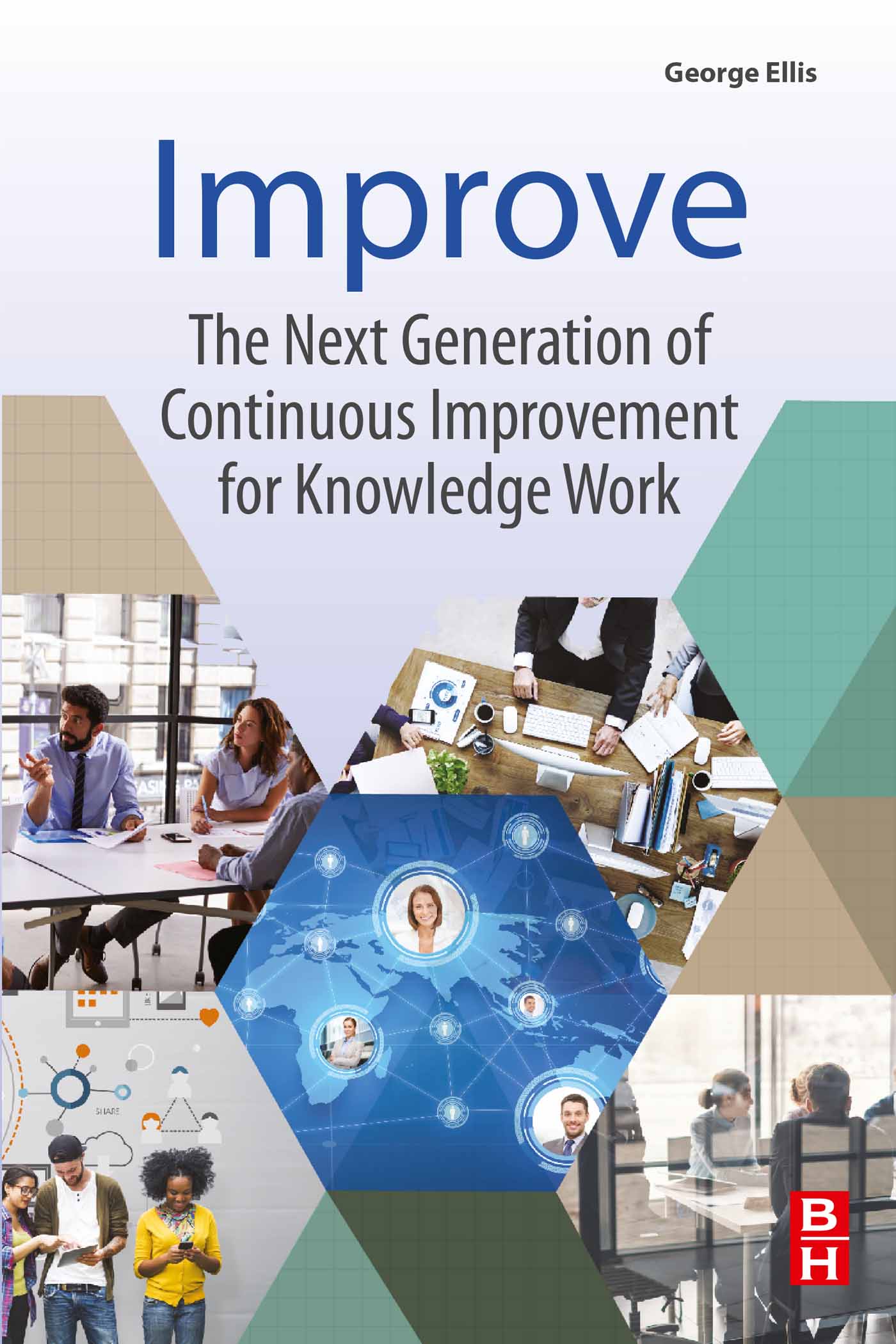
Improve Improve: The Next Generation of Continuous Improvement for Knowledge Work presents lean thinking for professionals, those who Peter Drucker called knowledge workers. It translates the brilliant insights from Toyota’s factory floor to the desktops of engineers, marketers, attorneys, accountants, doctors, managers, and all those who "think for a living." The Toyota Production System (TPS) was born a century ago to an almost unknown car maker who today is credited with starting the third wave of the Industrial Revolution. TPS principles, better known as lean thinking or continuous improvement, are simple: increase customer value, cut hidden waste, experiment to learn, and respect others. As simple as they are, they are difficult to apply to the professions, probably because of the misconception that knowledge work is wholly non-repetitive. But much of our everyday work does repeat, and in great volume: approvals, problem-solving, project management, hiring, and prioritization are places where huge waste hides. Eliminate waste and you delight customers and clients, increase financial performance, and grow professional job satisfaction, because less waste means more success and more time for expertise and creativity. This book is a valuable resource for leaders of professional teams who want to improve productivity, quality, and engagement in their organizations. Experience the proven benefits of continuous improvement 40%–70% increase in productivity from professionals and experts >85% projects on-time Reduce lead time by 50%–90% Engagement up and voluntary severance cut >50% Dozens of simple visual tools that anyone can implement immediately in their existing framework All tools and techniques applicable to both face-to-face and virtual meetings Easy-to-understand approach: “simplify, engage, experiment Presented with deep respect for the experts; no “check the box thinking or overused analogies to the factory floor TECHNOLOGY & ENGINEERING,General
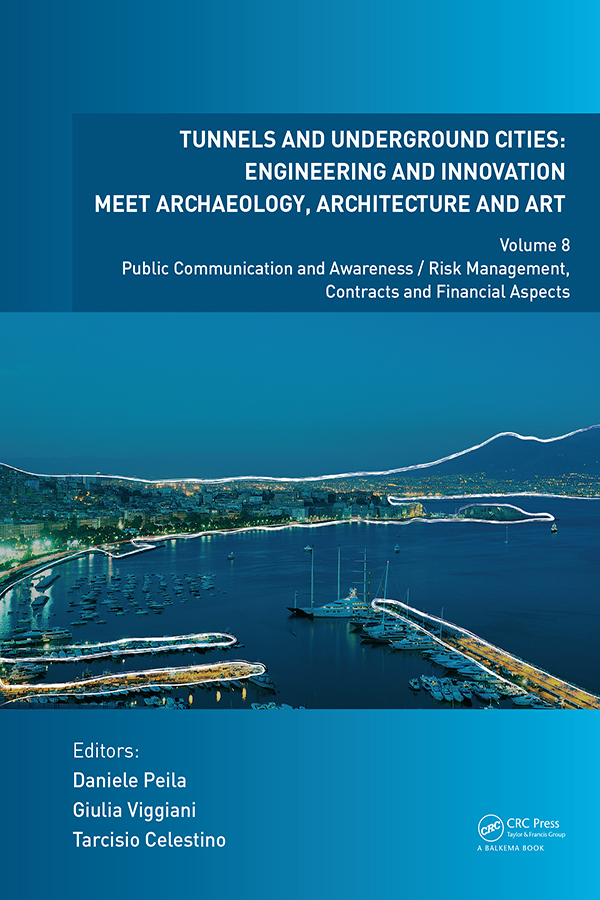
Tunnels and Underground Cities. Engineering and Innovation Meet Archaeology, Architecture and Art Tunnels and Underground Cities: Engineering and Innovation meet Archaeology, Architecture and Art. Volume 8: Public Communication and Awareness / Risk Management, Contracts and Financial Aspects contains the contributions presented in the eponymous Technical Sessions during the World Tunnel Congress 2019 (Naples, Italy, 3-9 May 2019). The use of underground space is continuing to grow, due to global urbanization, public demand for efficient transportation, and energy saving, production and distribution. The growing need for space at ground level, along with its continuous value increase and the challenges of energy saving and achieving sustainable development objectives, demand greater and better use of the underground space to ensure that it supports sustainable, resilient and more liveable cities. The contributions cover a wide range of topics, and is a valuable reference text for tunnelling specialists, owners, engineers, archaeologists, architects, policy makers, decision takers and others involved in underground planning, design and building around the world, and for academics who are interested in underground constructions and geotechnics. TECHNOLOGY & ENGINEERING,General
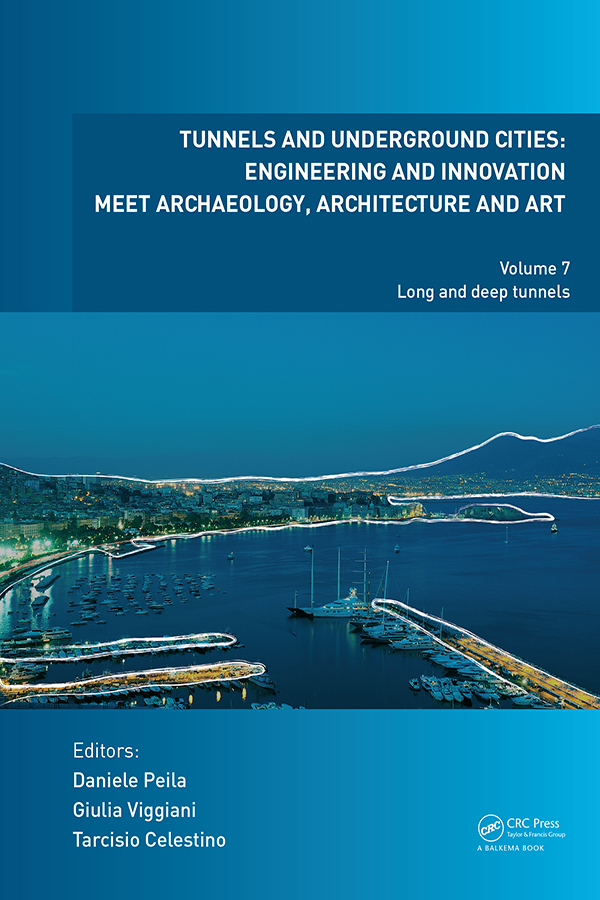
Tunnels and Underground Cities. Engineering and Innovation Meet Archaeology, Architecture and Art Tunnels and Underground Cities: Engineering and Innovation meet Archaeology, Architecture and Art. Volume 7: Long and Deep Tunnels contains the contributions presented in the eponymous Technical Session during the World Tunnel Congress 2019 (Naples, Italy, 3-9 May 2019). The use of underground space is continuing to grow, due to global urbanization, public demand for efficient transportation, and energy saving, production and distribution. The growing need for space at ground level, along with its continuous value increase and the challenges of energy saving and achieving sustainable development objectives, demand greater and better use of the underground space to ensure that it supports sustainable, resilient and more liveable cities. The contributions cover a wide range of topics, from studying tunnels in squeezing ground conditions, via case studies on the Brenner Base Tunnel, the second Gotthard Tunnel, CERN (HL-LHCand the Dubai Strategic Sewerage Tunnel, to TBM steering difficulties. The book is a valuable reference text for tunnelling specialists, owners, engineers, archaeologists, architects, artists and others involved in underground planning, design and building around the world, and for academics who are interested in underground constructions and geotechnics. TECHNOLOGY & ENGINEERING,General
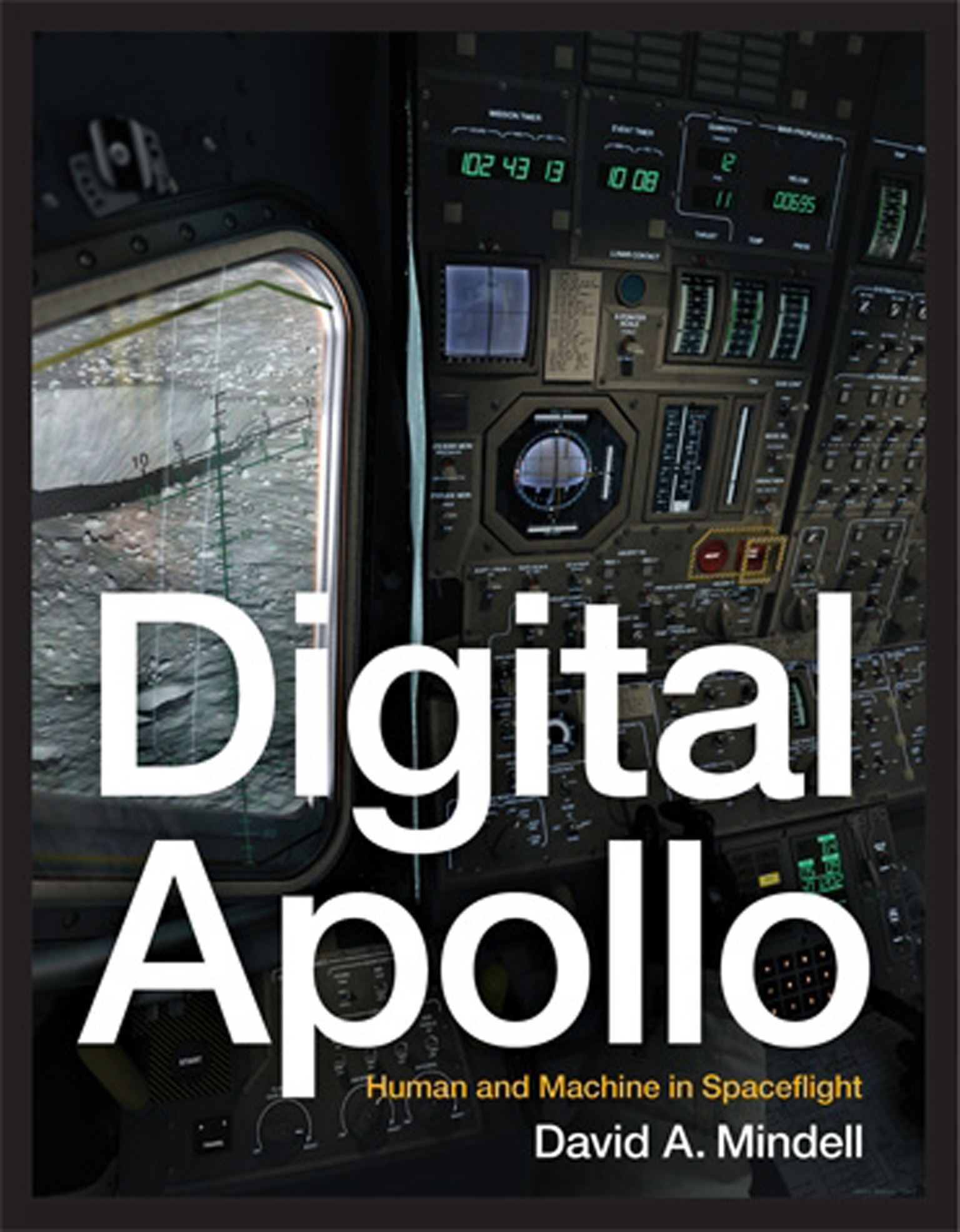
Digital Apollo How human pilots and automated systems worked together to achieve the ultimate in flight—the lunar landings of NASA's Apollo program. As Apollo 11's Lunar Module descended toward the moon under automatic control, a program alarm in the guidance computer's software nearly caused a mission abort. Neil Armstrong responded by switching off the automatic mode and taking direct control. He stopped monitoring the computer and began flying the spacecraft, relying on skill to land it and earning praise for a triumph of human over machine. In Digital Apollo, engineer-historian David Mindell takes this famous moment as a starting point for an exploration of the relationship between humans and computers in the Apollo program. In each of the six Apollo landings, the astronaut in command seized control from the computer and landed with his hand on the stick. Mindell recounts the story of astronauts' desire to control their spacecraft in parallel with the history of the Apollo Guidance Computer. From the early days of aviation through the birth of spaceflight, test pilots and astronauts sought to be more than “spam in a can” despite the automatic controls, digital computers, and software developed by engineers. Digital Apollo examines the design and execution of each of the six Apollo moon landings, drawing on transcripts and data telemetry from the flights, astronaut interviews, and NASA's extensive archives. Mindell's exploration of how human pilots and automated systems worked together to achieve the ultimate in flight—a lunar landing—traces and reframes the debate over the future of humans and automation in space. The results have implications for any venture in which human roles seem threatened by automated systems, whether it is the work at our desktops or the future of exploration. TECHNOLOGY & ENGINEERING,General
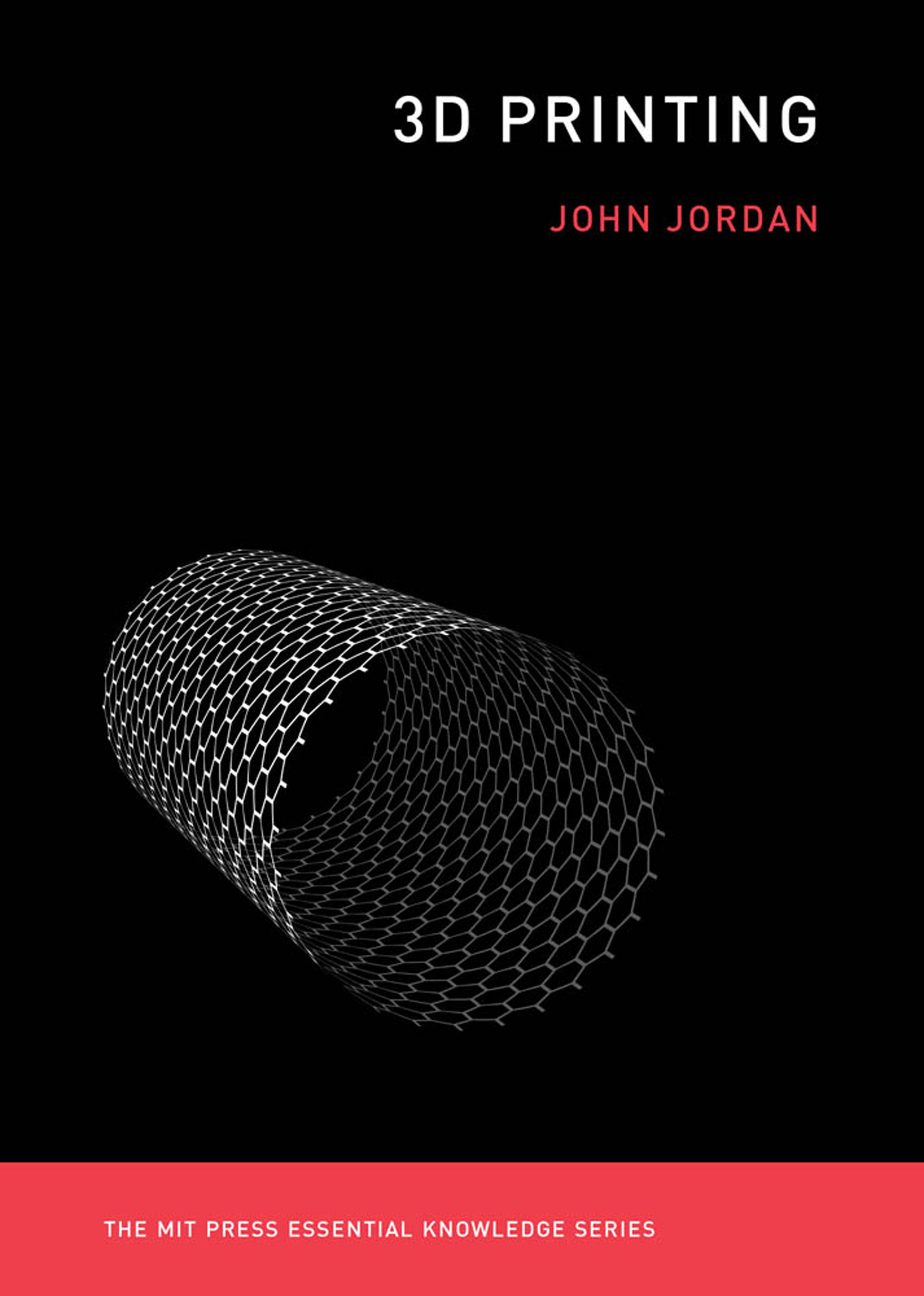
3D Printing An accessible introduction to 3D printing that outlines the additive manufacturing process, industrial and household markets, and emerging uses. The use of 3D printing—digitally controlled additive manufacturing—is growing rapidly. Consumer models of 3D printers allow people to fabricate small plastic objects, from cabinet knobs to wedding cake toppers. Industrial uses are becoming widespread, as businesses use the technology to fabricate prototypes, spare parts, custom-fitted prosthetics, and other plastic or metal items, often at lower cost and with greater efficiency than standard manufacturing. In this volume in the MIT Press Essential Knowledge series, John Jordan offers an accessible introduction to 3D printing, describing the printing process, industrial and household markets, and emerging uses. Jordan outlines the stages of 3D printing, from idea to software model to a printable file that slices the planned object into printable layers to the finished object itself. He describes additive technologies, consumer 3D printing in homes and schools, mass customization (which can create tens of millions of unique items), and industrial uses. Jordan explains that although 3D printers have not become the ubiquitous home appliance once predicted, they are making inroads into mass markets; and he discusses the business factors that may hinder industry adoption of 3D printing technologies. He considers the possible unintended consequences of 3D printing on jobs, as companies scramble to find employees with an uncommon skill set; on business models and supply chains, as manufacturing is decentralized; and on patent law, as machines can be programmed to copy protected property. Finally, Jordan looks at new and emerging uses, including bioprinting, building construction, and micromachines. TECHNOLOGY & ENGINEERING,General
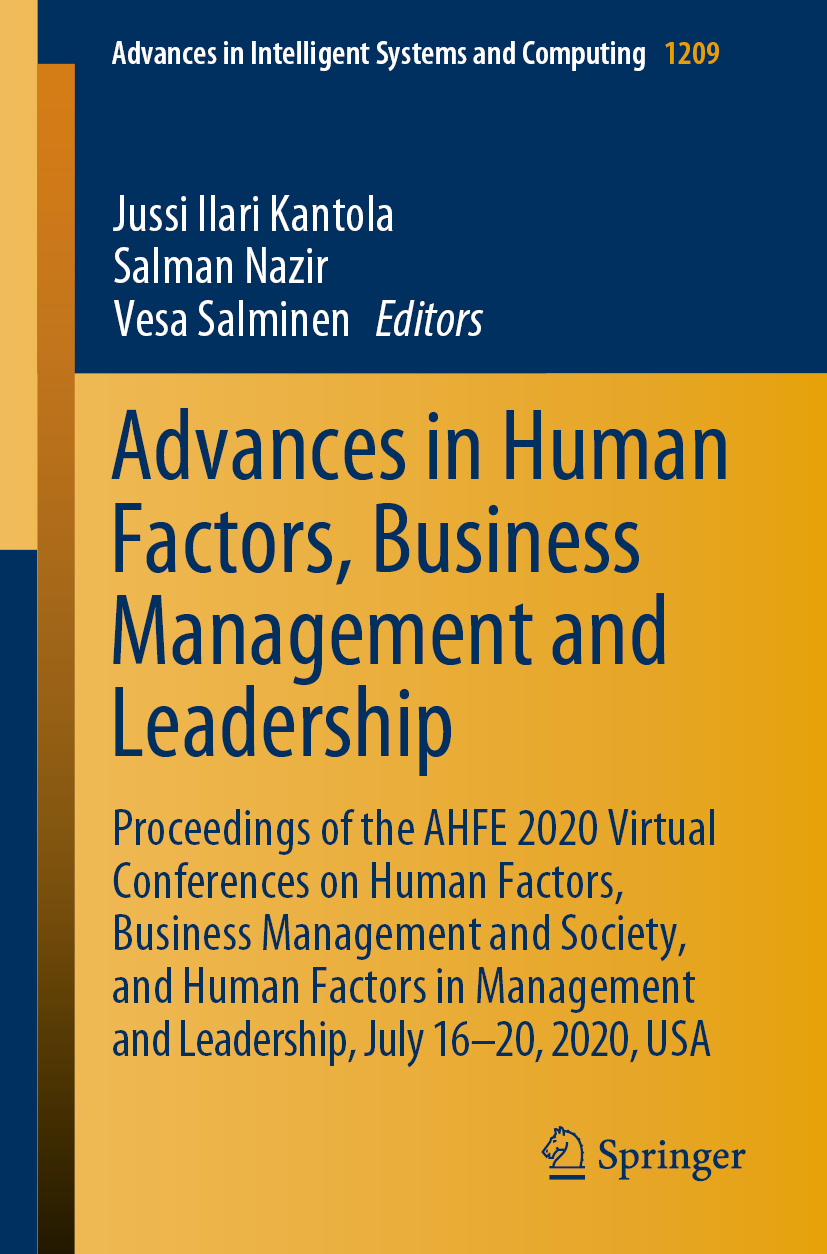
Advances in Human Factors, Business Management and Leadership This book analyzes new theories and practical approaches for promoting excellence in human resource management and leadership. It shows how the principles of creating shared value can be applied to ensure faster learning, training, business development and social renewal. In particular, it presents novel methods and tools for tackling the complexity of management and learning in both business organizations and society. Discussing ontologies, intelligent management systems, and methods for creating knowledge and value added, it offers novel insights into time management and operations optimization, as well as advanced methods for evaluating customers’ satisfaction and conscious experience. Based on three AHFE 2020 Virtual Conferences: the AHFE 2020 Conference on Human Factors, Business Management and Society, the AHFE 2020 Conference on Human Factors in Management and Leadership, held on July 16–20, 2020, the book provides researchers and professionals with extensive information, practical tools and inspiring ideas for achieving excellence in a broad spectrum of business and societal activities. TECHNOLOGY & ENGINEERING,General
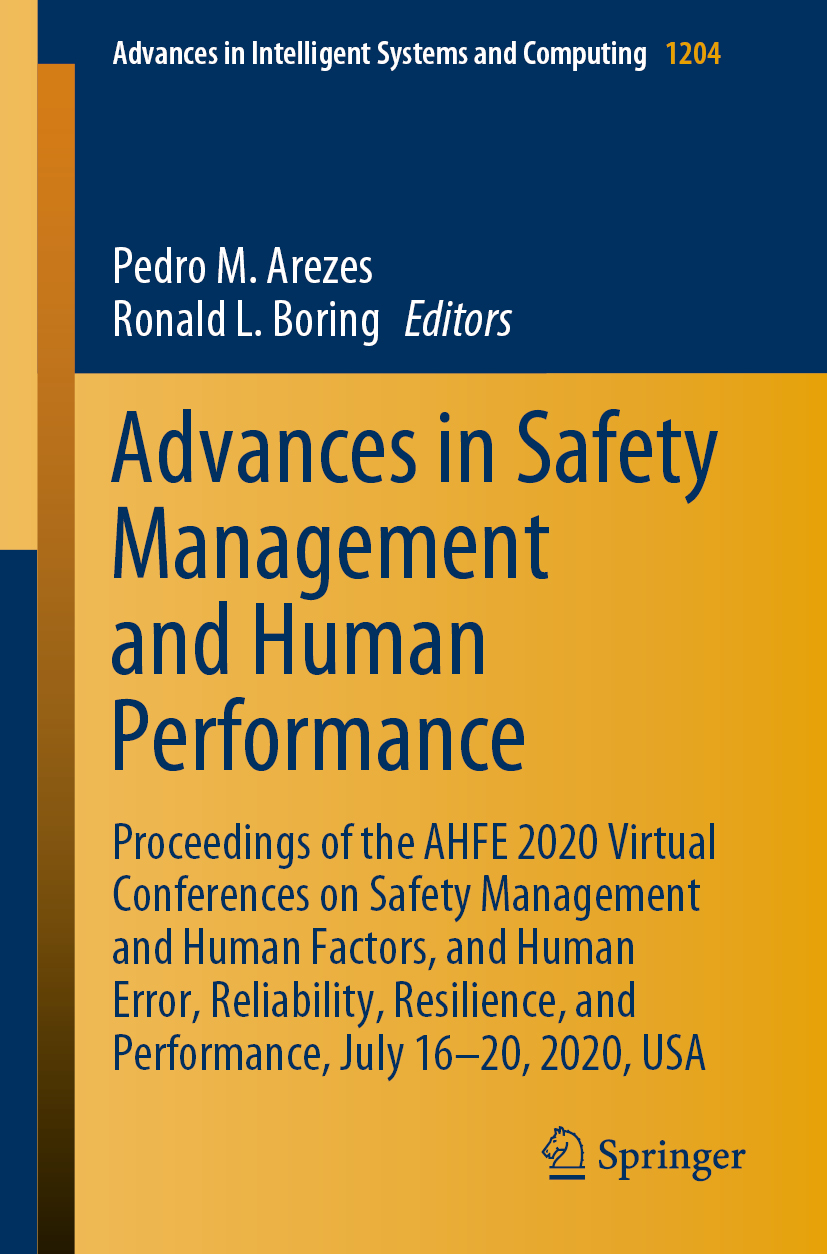
Advances in Safety Management and Human Performance This book brings together studies broadly addressing human error and safety management from the perspectives of various disciplines, and shares the latest findings on ensuring employees’ safety, health, and welfare at work. It combines a diverse range of disciplines – e.g. work physiology, health informatics, safety engineering, workplace design, injury prevention, and occupational psychology – and presents new strategies for safety management, including accident prevention methods such as performance testing and participatory ergonomics. It reports on cutting-edge methods and findings concerning safety-critical systems, defense, and security, and discusses advanced topics regarding human performance, human variability, and reliability analysis; medical, driver and pilot error, as well as automation error; and cognitive modeling of human error. Further, it highlights cutting-edge applications in safety management, defense, security, transportation, process controls, and medicine. Gathering the proceedings of the AHFE 2020 International Conference on Safety Management and Human Factors and the AHFE 2020 Virtual Conference on Human Error, Reliability, Resilience, and Performance, held on July 16–20, 2020, USA, the book offers an extensive, timely, and multidisciplinary guide for researchers and practitioners dealing with safety management and human error. TECHNOLOGY & ENGINEERING,General

Advances in Manufacturing, Production Management and Process Control This book discusses the latest advances in the broadly defined field of advanced manufacturing and process control. It reports on cutting-edge strategies for sustainable production and product life cycle management, and on a variety of people-centered issues in the design, operation and management of manufacturing systems and processes. Further, it presents digital modeling systems and additive manufacturing technologies, including advanced applications for different purposes, and discusses in detail the implementation of and challenges imposed by 3D printing technologies. Based on three AHFE 2020 Conferences (the AHFE 2020 Virtual Conference on Human Aspects of Advanced Manufacturing, the AHFE 2020 Virtual Conference on Advanced Production Management and Process Control and the AHFE 2020 Virtual Conference on Additive Manufacturing, Modeling Systems and 3D Prototyping, the book merges ergonomics research, design applications, and up-to-date analyses of various engineering processes. It brings together experimental studies, theoretical methods and best practices, highlights future trends and suggests directions for further technological developments and the improved integration of technologies and humans in the manufacturing industry. TECHNOLOGY & ENGINEERING,General
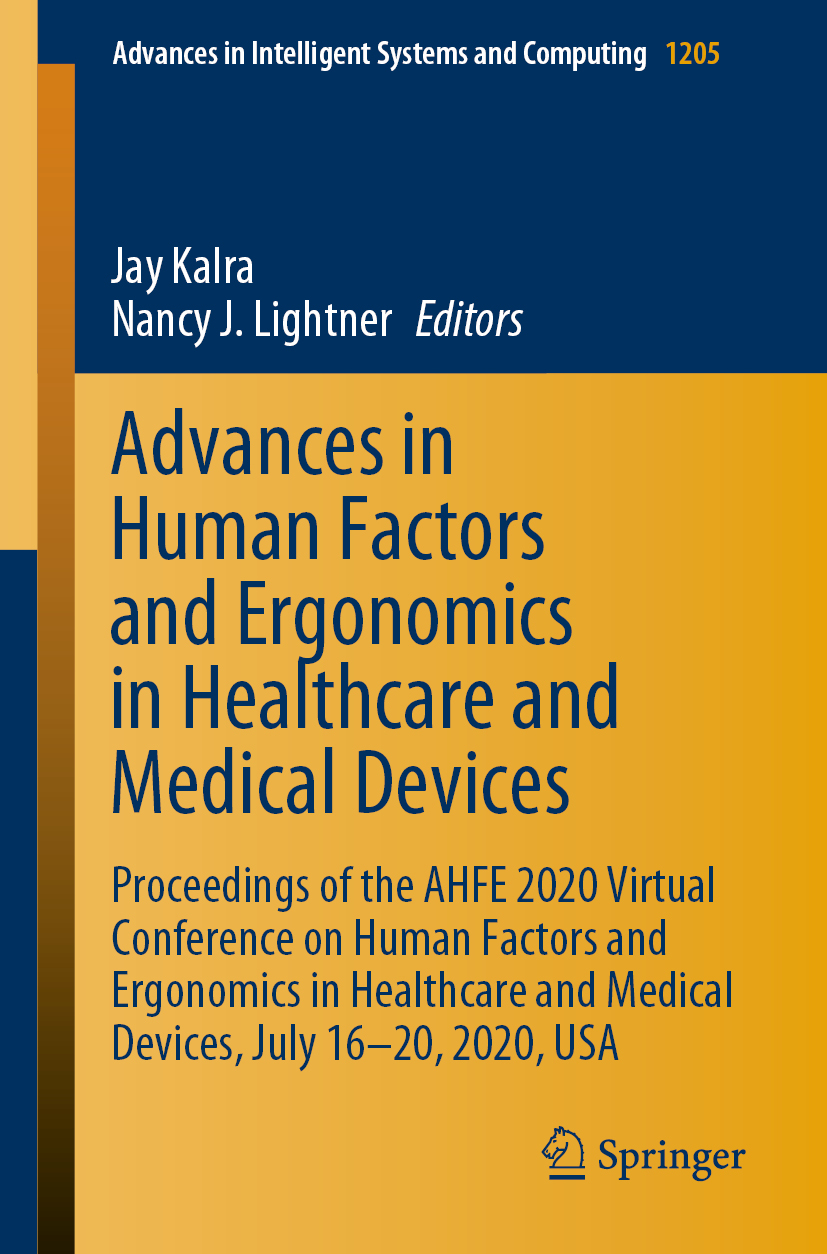
Advances in Human Factors and Ergonomics in Healthcare and Medical Devices This book explores how human factors and ergonomic principles are currently transforming healthcare. It reports on the design of systems and devices used to improve the quality, safety, efficiency and effectiveness of patient care, and discusses findings on improving organizational outcomes in the healthcare setting, as well as approaches to analyzing and modeling those work aspects that are unique to healthcare. Based on papers presented at the AHFE 2020 Virtual Conference on Human Factors and Ergonomics in Healthcare and Medical Devices, held on July 16–20, 2020, the book highlights the physical, cognitive and organizational aspects of human factors and ergonomic applications, and shares various perspectives, including those of clinicians, patients, health organizations and insurance providers. Given its scope, the book offers a timely reference guide for researchers involved in the design of medical systems and healthcare professionals managing healthcare settings, as well as healthcare counselors and international health organizations. TECHNOLOGY & ENGINEERING,General
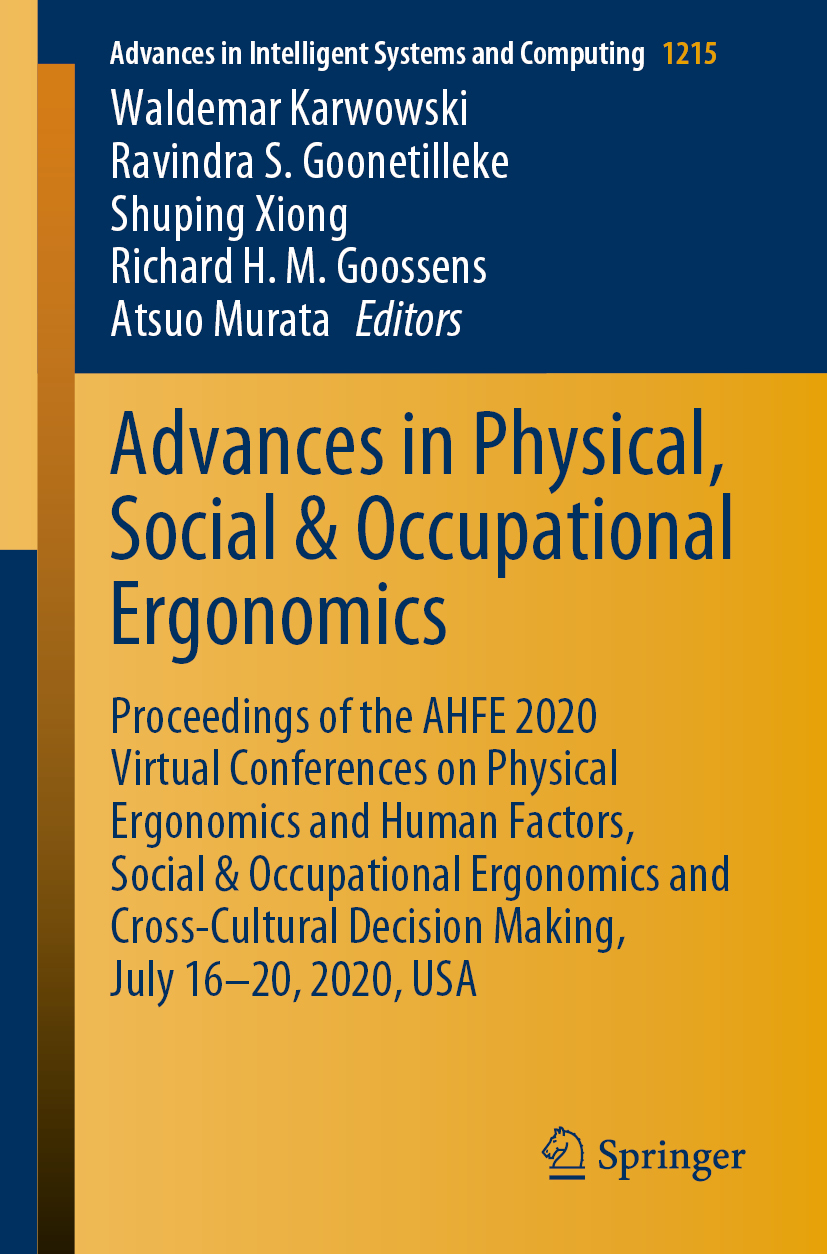
Advances in Physical, Social & Occupational Ergonomics This book reports on cutting-edge findings and developments in physical, social and occupational ergonomics. It covers a broad spectrum of studies and evaluation procedures concerning physical and mental workload, work posture and ergonomic risk. Further, it reports on significant advances in the design of services and systems, including those addressing special populations, for purposes such as health, safety and education, and discusses solutions for a better and safer integration of humans, automated systems and digital technologies. The book also analyzes the impact of culture on people’s cognition and behavior, providing readers with timely insights into theories on cross-cultural decision-making, and their diverse applications for a number of purposes in businesses and societies. Based on three AHFE 2020 conferences (the AHFE 2020 Virtual Conference on Physical Ergonomics and Human Factors, the AHFE 2020 Virtual Conference on Social & Occupational Ergonomics, and the AHFE 2020 Virtual Conference on Cross-Cultural Decision Making), it provides readers with a comprehensive overview of the current challenges in physical, social and occupational ergonomics, including those imposed by technological developments, highlights key connections between them, and puts forward optimization strategies for sociotechnical systems, including their organizational structures, policies and processes. TECHNOLOGY & ENGINEERING,General

Pavement, Roadway, and Bridge Life Cycle Assessment 2020 An increasing number of agencies, academic institutes, and governmental and industrial bodies are embracing the principles of sustainability in managing their activities. Life Cycle Assessment (LCA) is an approach developed to provide decision support regarding the environmental impact of industrial processes and products. LCA is a field with ongoing research, development and improvement and is being implemented world-wide, particularly in the areas of pavement, roadways and bridges. Pavement, Roadway, and Bridge Life Cycle Assessment 2020 contains the contributions to the International Symposium on Pavement, Roadway, and Bridge Life Cycle Assessment 2020 (Davis, CA, USA, June 3-6, 2020) covering research and practical issues related to pavement, roadway and bridge LCA, including data and tools, asset management, environmental product declarations, procurement, planning, vehicle interaction, and impact of materials, structure, and construction. Pavement, Roadway, and Bridge Life Cycle Assessment 2020 will be of interest to researchers, professionals, and policymakers in academia, industry, and government who are interested in the sustainability of pavements, roadways and bridges. TECHNOLOGY & ENGINEERING,General
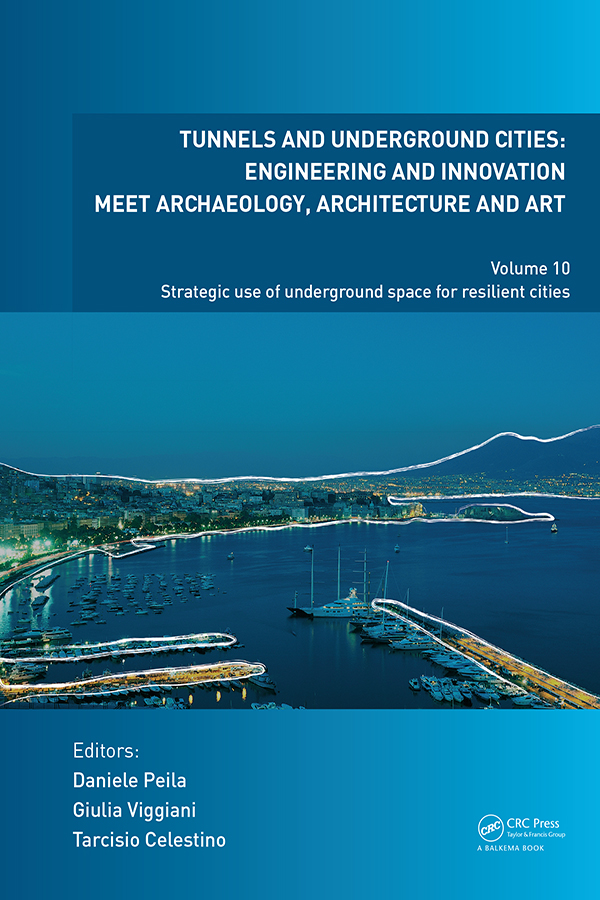
Tunnels and Underground Cities Tunnels and Underground Cities: Engineering and Innovation meet Archaeology, Architecture and Art. Volume 10: Strategic use of underground space for resilient cities contains the contributions presented in the eponymous Technical Session during the World Tunnel Congress 2019 (Naples, Italy, 3-9 May 2019). The use of underground space is continuing to grow, due to global urbanization, public demand for efficient transportation, and energy saving, production and distribution. The growing need for space at ground level, along with its continuous value increase and the challenges of energy saving and achieving sustainable development objectives, demand greater and better use of the underground space to ensure that it supports sustainable, resilient and more liveable cities. The contributions cover a wide range of topics, from investing in urban underground space, via effective use of underground space for sustainable cities, and the use of new energy carriers to the compound use of underground space for integrated campus-urban development. The book is a valuable reference text for tunnelling specialists, owners, engineers, archaeologists, architects, artists and others involved in underground planning, design and building around the world, and for academics who are interested in underground constructions and geotechnics. TECHNOLOGY & ENGINEERING,General

Tunnels and Underground Cities Tunnels and Underground Cities: Engineering and Innovation meet Archaeology, Architecture and Art. Volume 9: Safety in Underground Construction contains the contributions presented in the eponymous Technical Session during the World Tunnel Congress 2019 (Naples, Italy, 3-9 May 2019). The use of underground space is continuing to grow, due to global urbanization, public demand for efficient transportation, and energy saving, production and distribution. The growing need for space at ground level, along with its continuous value increase and the challenges of energy saving and achieving sustainable development objectives, demand greater and better use of the underground space to ensure that it supports sustainable, resilient and more liveable cities. The contributions cover a wide range of topics, tunnel inspection analysis, via risk assessment for maintenance planning and civil engineering constraints on tunnel ventilation and safety, to CFD simulations of longitudinal ventilation of a road tunnel. The book is a valuable reference text for tunnelling specialists, owners, engineers, archaeologists, architects, artists and others involved in underground planning, design and building around the world, and for academics who are interested in underground constructions and geotechnics. TECHNOLOGY & ENGINEERING,General
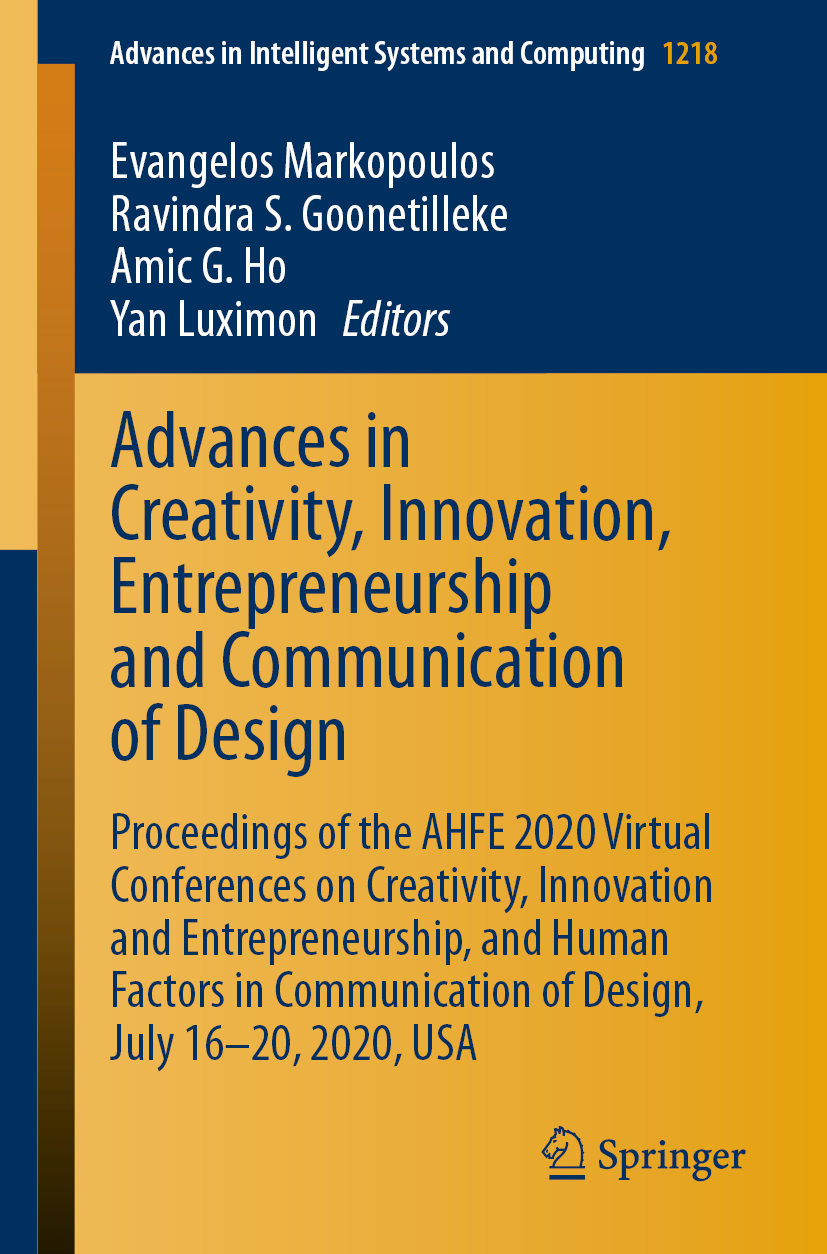
Advances in Creativity, Innovation, Entrepreneurship and Communication of Design This book brings together experts from different areas to show how creativity drives design and innovation to allow the integration of a wider spectrum of topics related to engineering design, industrial design and ergonomics in design. It presents theories and best practices demonstrating how creativity generates technological invention, and how this, combined with entrepreneurship, leads to business innovation. It also discusses strategies to teach creativity and entrepreneurial competencies. Moreover, the book discusses the role of human factors in understanding, communicating with and engaging users, reporting on innovative approaches, new typographies, visual elements and technologies applied to mobile and computer interfaces developments. It also discusses innovative strategies for design education and sustainable design. Based on the AHFE 2020 Virtual Conference on Creativity, Innovation and Entrepreneurship and on the AHFE 2020 Virtual Conference on Human Factors in Communication of Design, held on July 16–20, 2020, this book offers a fresh perspective and novel insights for human factors researchers, designers, communicators and innovators. TECHNOLOGY & ENGINEERING,General

Women in Microelectronics This book contains stories of women engineers’ paths through the golden age of microelectronics, stemming from the invention of the transistor in 1947. These stories, like the biographies of Marie Curie and the National Geographic’s stories of Jane Goodall’s research that inspired the authors will inspire and guide readers along unconventional pathways to contributions to microelectronics that we can only begin to imagine. The book explores why and how the women writing here chose their career paths and how they navigated their careers. This topic is of interest to a vast audience, from students to professionals to university advisers to industry CEOs, who can imagine the advantages of a future with a diverse work force. Provides insight into women’s early contributions to the field of microelectronics and celebrates the challenges they overcame; Presents compelling innovations from academia, research, and industry into advances, applications, and the future of microelectronics; Includes a fascinating look into topics such as nanotechnologies, video games, analog electronics, design automation, and neuromorphic circuits. TECHNOLOGY & ENGINEERING,General
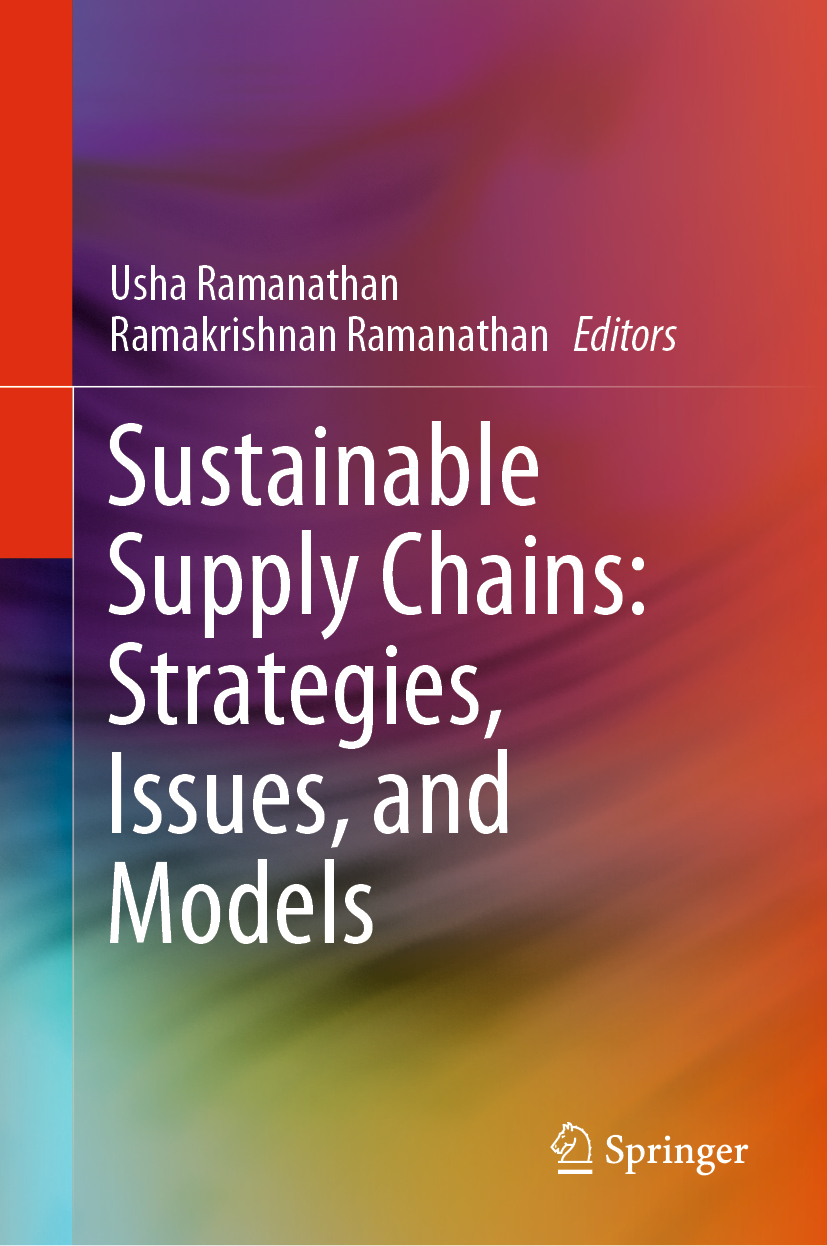
Sustainable Supply Chains This book discusses supply chain issues and models with examples from actual case studies. Recent advances in sustainability, supply chains and technologies have brought promising potential for the management of sustainable global and local supply chains. While most of the current literature seem to consider developments in the field of sustainable supply chains and in the field of Industry 4.0 as two distinct entities, this book attempts to explore the synergy in bringing these two distinct fields together. The book features chapters on management of sustainability and industry 4.0 on supply chains as a whole, with several case studies on issues related to the application of sustainable supply chains in specific application sectors. They employ mathematical modeling and statistical analyses, as well as descriptive qualitative studies. They cover a range of application areas including multiple sectors (restaurant, manufacturing, logistics, furniture, food and insurance), domains (supply chains, logistics, marketing, and reverse logistics) and multiple country contexts (UK and India). The potential links between sustainability and the recent technological innovations from Industry 4.0 have been explored in detail. The book offers a valuable tool for managerial decision-making on the current practice and future potential on the use of Industry 4.0 tools for sustainable supply chains to facilitate competitive advantage with case studies in various industry sectors. In addition, some intriguing mathematical models will appeal to students and researchers interested in modeling the logistics process and the application of evolutionary game theory for integrating the social and economic aspects of sustainable supply chains. Some of these supply chain issues have been addressed in a previous book by the Editors. TECHNOLOGY & ENGINEERING,General
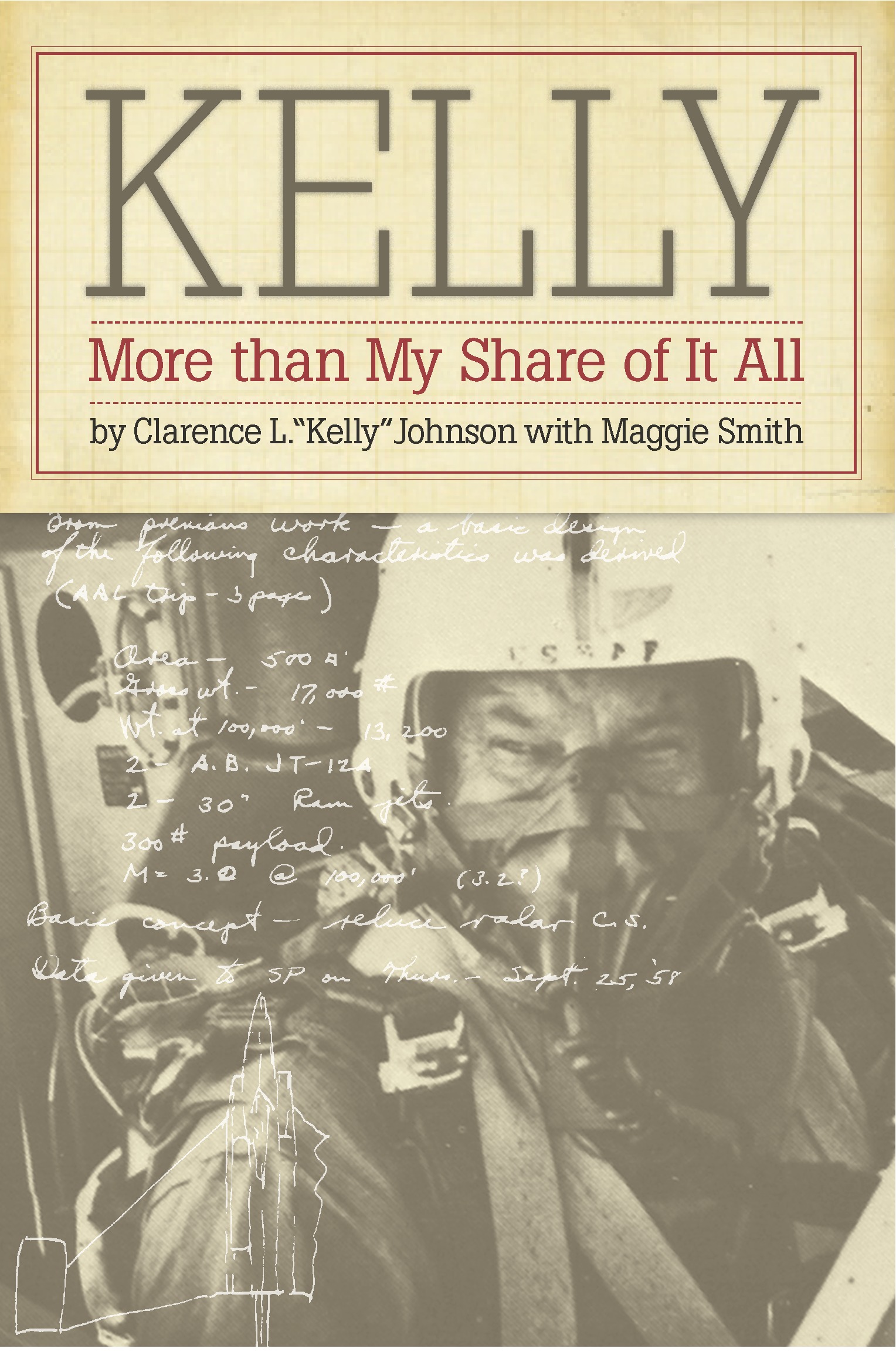
Kelly Clarence L. “Kelly” Johnson led the design of such crucial aircraft as the P-38 and Constellation, but he will be more remembered for the U-2 and SR-71 spy planes. His extraordinary leadership of the Lockheed “Skunk Works” cemented his reputation as a legendary figure in American aerospace management. TECHNOLOGY & ENGINEERING,History
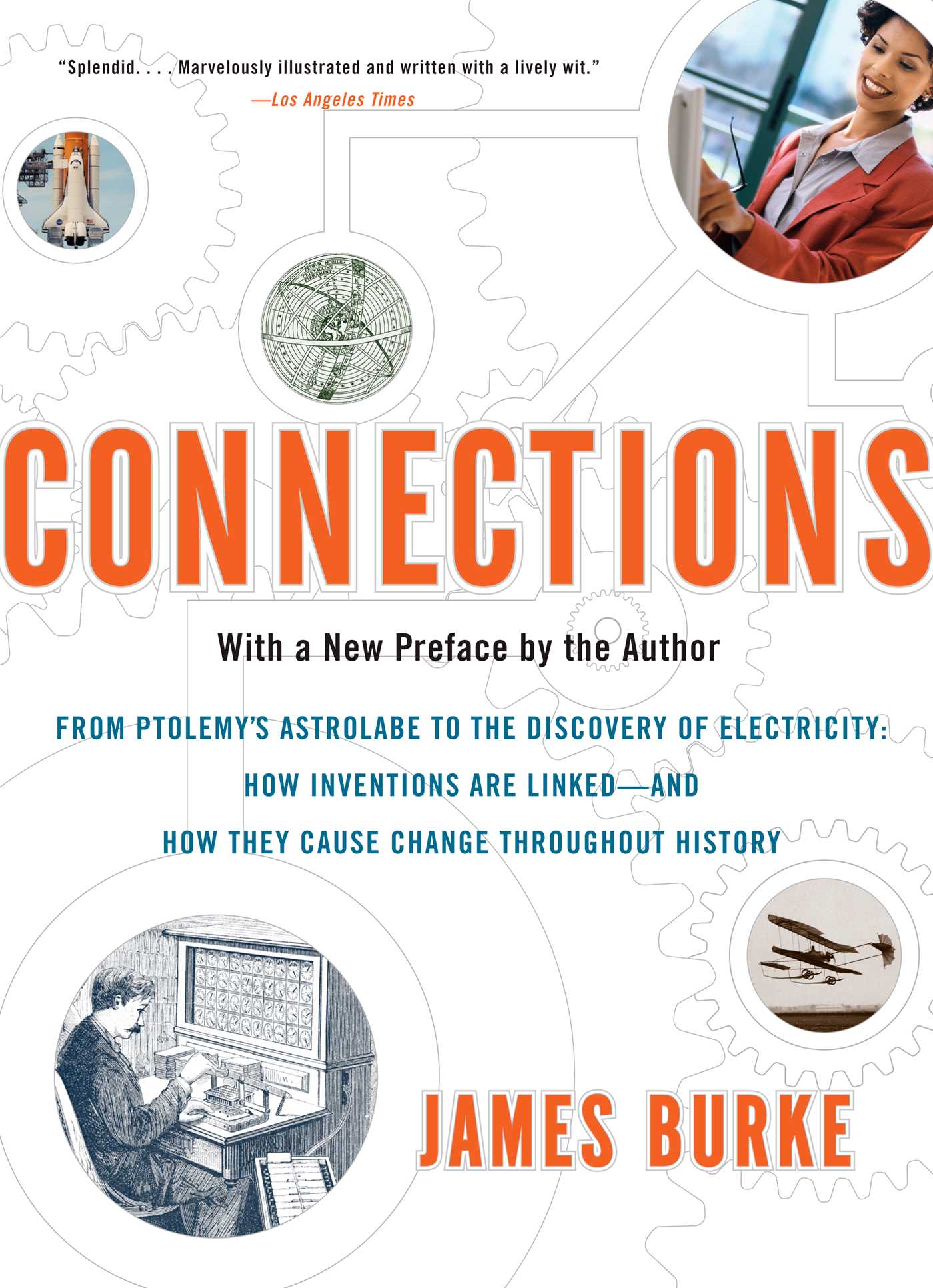
Connections Connections is a brilliant examination of the ideas, inventions, and coincidences that have culminated in the major technological achievements of today. How did the popularity of underwear in the twelfth century lead to the invention of the printing press? How did the waterwheel evolve into the computer? How did the arrival of the cannon lead eventually to the development of movies? In this highly acclaimed and bestselling book, James Burke brilliantly examines the ideas, inventions, and coincidences that have culminated in the major technological advances of today. With dazzling insight, he untangles the pattern of interconnecting events: the accidents of time, circumstance, and place that gave rise to the major inventions of the world. Says Burke, "My purpose is to acquaint the reader with some of the forces that have caused change in the past, looking in particular at eight innovations—the computer, the production line, telecommunications, the airplane, the atomic bomb, plastics, the guided rocket, and television—which may be most influential in structuring our own futures....Each one of these is part of a family of similar devices, and is the result of a sequence of closely connected events extending from the ancient world until the present day. Each has enormous potential for humankind's benefit—or destruction." Based on a popular TV documentary series, Connections is a fascinating scientific detective story of the inventions that changed history—and the surprising links that connect them. TECHNOLOGY & ENGINEERING,History

The Golden Age of the Great Passenger Airships Drawing on the extensive photographs, notes, diaries, reports, recorded data, and manuals he collected during his five years at the Zeppelin Company in Germany, from 1934 through 1938, Harold G. Dick tells the story of the two great passenger Zeppelins. Against the background of German secretiveness, especially during the Nazi period, Dick's accumulation of material and pictures is extraordinary. His original photographs and detailed observations on the handling and flying of the two big rigids constitute the essential data on this phase of aviation history. TECHNOLOGY & ENGINEERING,History

Tex Johnston One of America's most daring and accomplished test pilots, Tex Johnston flew the first US jet airplanes and, in a career spanning the 1930s through the 1970s, helped create the jet age at such pioneering aersospace companies as Bell Aircraft and Boeing. TECHNOLOGY & ENGINEERING,History
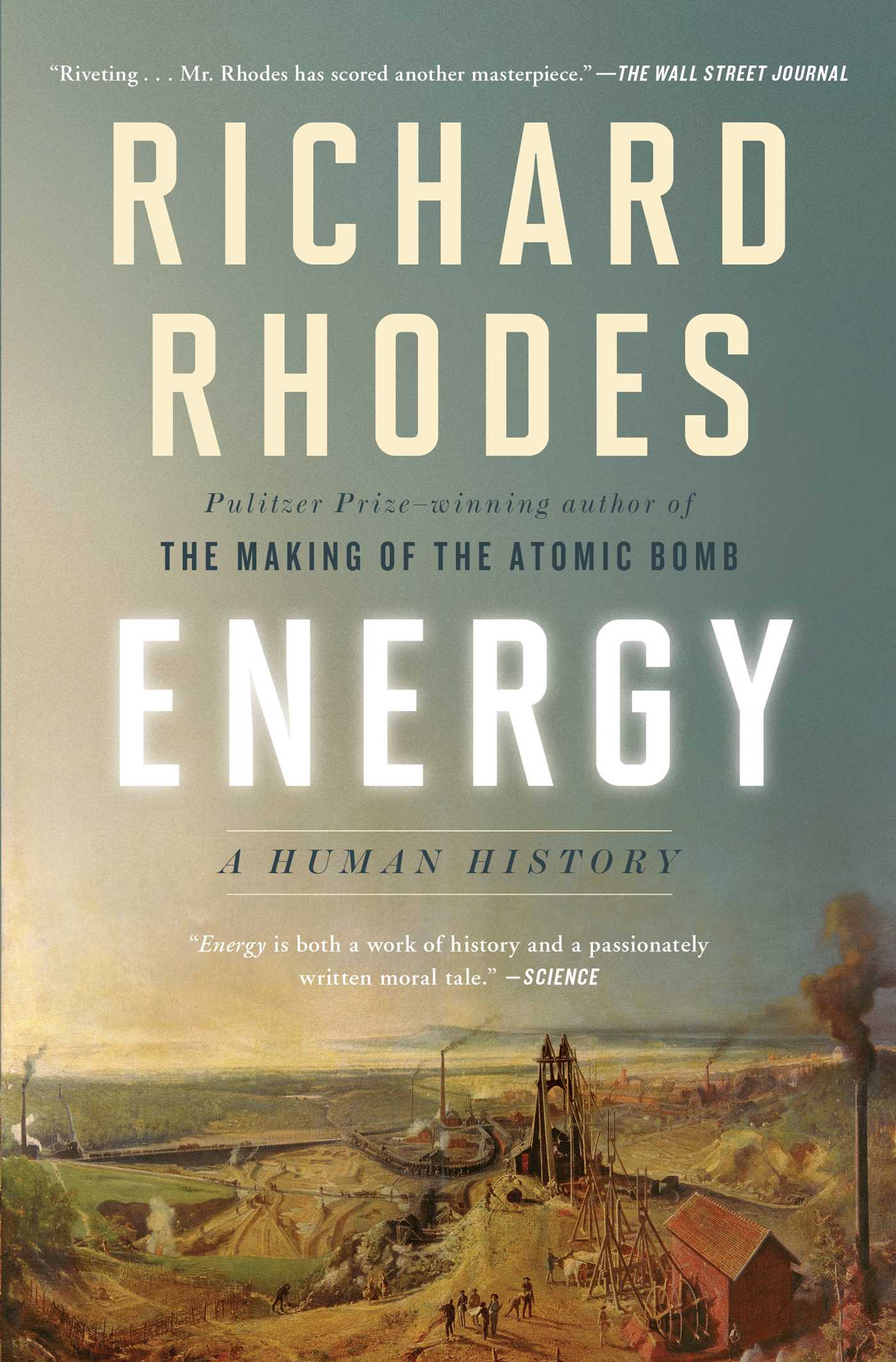
Energy A “meticulously researched†(The New York Times Book Review) examination of energy transitions over time and an exploration of the current challenges presented by global warming, a surging world population, and renewable energy—from Pulitzer Prize- and National Book Award-winning author Richard Rhodes. People have lived and died, businesses have prospered and failed, and nations have risen to world power and declined, all over energy challenges. Through an unforgettable cast of characters, Pulitzer Prize-winning author Richard Rhodes explains how wood gave way to coal and coal made room for oil, as we now turn to natural gas, nuclear power, and renewable energy. “Entertaining and informative…a powerful look at the importance of science†(NPR.org), Rhodes looks back on five centuries of progress, through such influential figures as Queen Elizabeth I, King James I, Benjamin Franklin, Herman Melville, John D. Rockefeller, and Henry Ford. In his “magisterial history…a tour de force of popular science†(Kirkus Reviews, starred review), Rhodes shows how breakthroughs in energy production occurred; from animal and waterpower to the steam engine, from internal-combustion to the electric motor. He looks at the current energy landscape, with a focus on how wind energy is competing for dominance with cast supplies of coal and natural gas. He also addresses the specter of global warming, and a population hurtling towards ten billion by 2100. Human beings have confronted the problem of how to draw energy from raw material since the beginning of time. Each invention, each discovery, each adaptation brought further challenges, and through such transformations, we arrived at where we are today. “A beautifully written, often inspiring saga of ingenuity and progress…Energy brings facts, context, and clarity to a key, often contentious subject†(Booklist, starred review). TECHNOLOGY & ENGINEERING,History
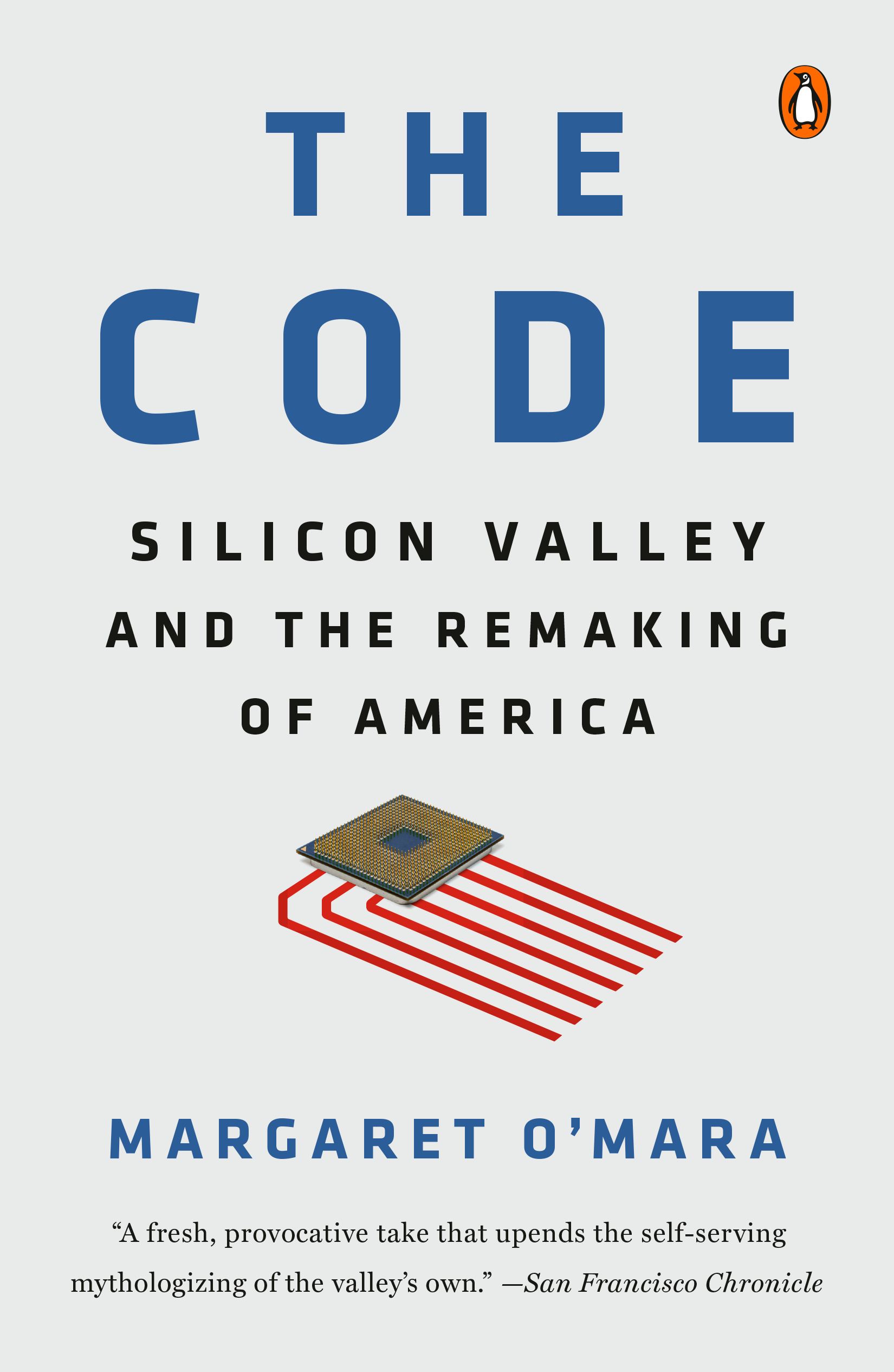
The Code The true, behind-the-scenes history of the people who built Silicon Valley and shaped Big Tech in America Long before Margaret O'Mara became one of our most consequential historians of the American-led digital revolution, she worked in the White House of Bill Clinton and Al Gore in the earliest days of the commercial Internet. There she saw firsthand how deeply intertwined Silicon Valley was with the federal government--and always had been--and how shallow the common understanding of the secrets of the Valley's success actually was. Now, after almost five years of pioneering research, O'Mara has produced the definitive history of Silicon Valley for our time, the story of mavericks and visionaries, but also of powerful institutions creating the framework for innovation, from the Pentagon to Stanford University. It is also a story of a community that started off remarkably homogeneous and tight-knit and stayed that way, and whose belief in its own mythology has deepened into a collective hubris that has led to astonishing triumphs as well as devastating second-order effects. Deploying a wonderfully rich and diverse cast of protagonists, from the justly famous to the unjustly obscure, across four generations of explosive growth in the Valley, from the forties to the present, O'Mara has wrestled one of the most fateful developments in modern American history into magnificent narrative form. She is on the ground with all of the key tech companies, chronicling the evolution in their offerings through each successive era, and she has a profound fingertip feel for the politics of the sector and its relation to the larger cultural narrative about tech as it has evolved over the years. Perhaps most impressive, O'Mara has penetrated the inner kingdom of tech venture capital firms, the insular and still remarkably old-boy world that became the cockpit of American capitalism and the crucible for bringing technological innovation to market, or not. The transformation of big tech into the engine room of the American economy and the nexus of so many of our hopes and dreams--and, increasingly, our nightmares--can be understood, in Margaret O'Mara's masterful hands, as the story of one California valley. As her majestic history makes clear, its fate is the fate of us all. TECHNOLOGY & ENGINEERING,History
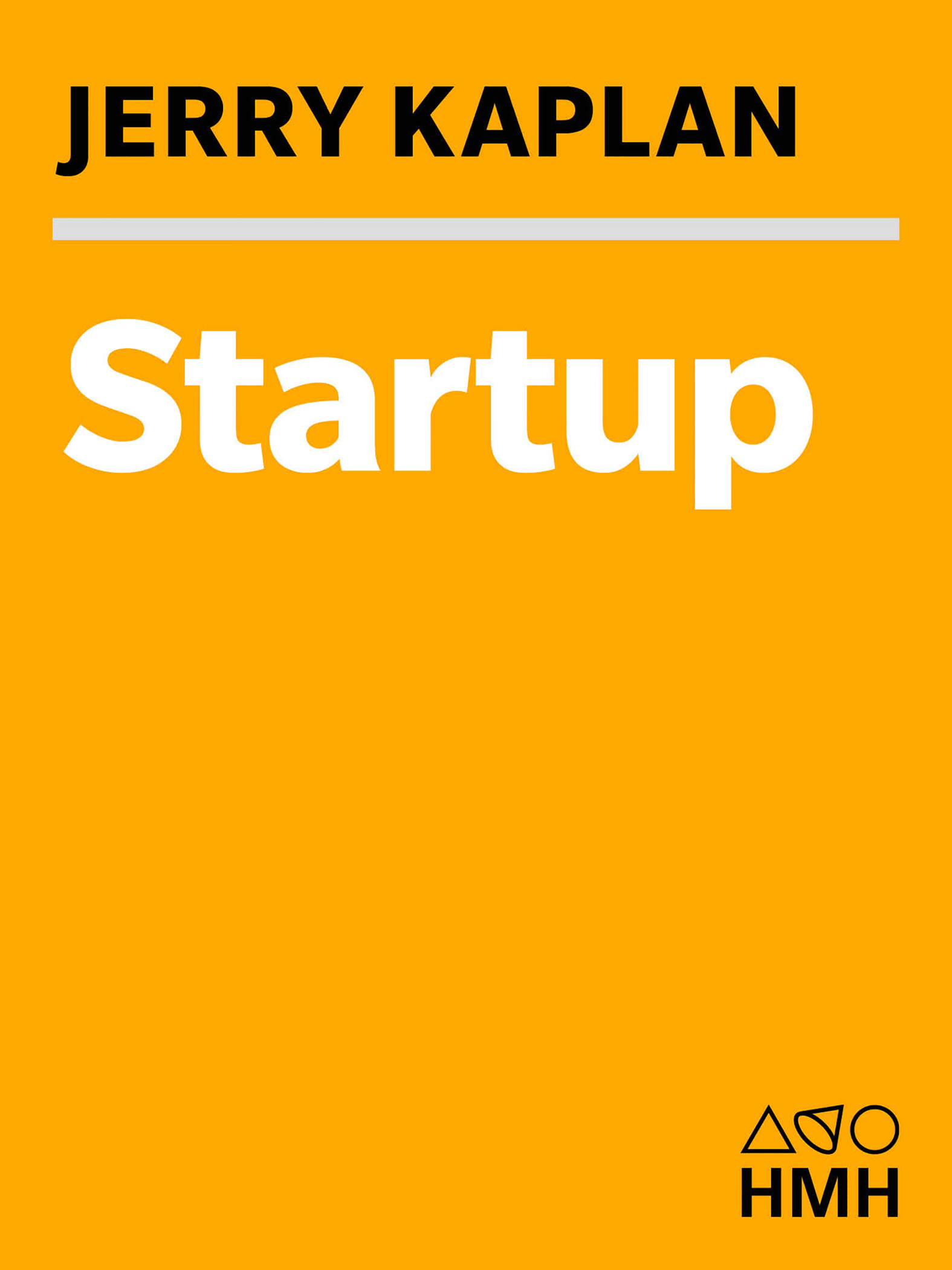
Startup The classic account of the early days of tech, named one of the 10 best business books of the year by Business Week: “Riveting, wry, and often wise.â€â€”The Washington Post Jerry Kaplan had a dream: he would redefine the known universe (and get very rich) by creating a new kind of computer. All he needed was sixty million dollars, a few hundred employees, and a maniacal belief in his ability to win the Silicon Valley startup game. Kaplan, a well-known figure in the computer industry, founded GO Corporation in 1987, and for several years it was one of the hottest new ventures in the Valley. Startup tells the story of Kaplan's wild ride: how he assembled a brilliant but fractious team of engineers, software designers, and investors; pioneered the emerging market for hand-held computers operated with a pen instead of a keyboard; and careened from crisis to crisis without ever losing his passion for his revolutionary idea. Along the way, Kaplan vividly recreates his encounters with eccentric employees, risk-addicted venture capitalists, and industry giants such as Bill Gates and John Sculley. And no one—including Kaplan himself—is spared his sharp wit. “What separates Kaplan’s tale from other start-up stories is the insight he provides about dealing with two of America's largest computer companies—IBM and Microsoft…Readers interested in entrepreneurial adventurism will find Kaplan’s tale entertaining.â€â€”Publishers Weekly “Kaplan tells it with novelistic style replete with races against the clock and sharp character sketches…An insider's well-written story of the death of a new machine.â€â€”Kirkus Reviews “A winner.â€â€”Wired TECHNOLOGY & ENGINEERING,History

When the Lights Went Out Blackouts—whether they result from military planning, network failure, human error, or terrorism—offer snapshots of electricity's increasingly central role in American society. Where were you when the lights went out? At home during a thunderstorm? During the Great Northeastern Blackout of 1965? In California when rolling blackouts hit in 2000? In 2003, when a cascading power failure left fifty million people without electricity? We often remember vividly our time in the dark. In When the Lights Went Out, David Nye views power outages in America from 1935 to the present not simply as technical failures but variously as military tactic, social disruption, crisis in the networked city, outcome of political and economic decisions, sudden encounter with sublimity, and memories enshrined in photographs. Our electrically lit-up life is so natural to us that when the lights go off, the darkness seems abnormal. Nye looks at America's development of its electrical grid, which made large-scale power failures possible and a series of blackouts from military blackouts to the “greenout” (exemplified by the new tradition of “Earth Hour”), a voluntary reduction organized by environmental organizations. Blackouts, writes Nye, are breaks in the flow of social time that reveal much about the trajectory of American history. Each time one occurs, Americans confront their essential condition—not as isolated individuals, but as a community that increasingly binds itself together with electrical wires and signals. TECHNOLOGY & ENGINEERING,History
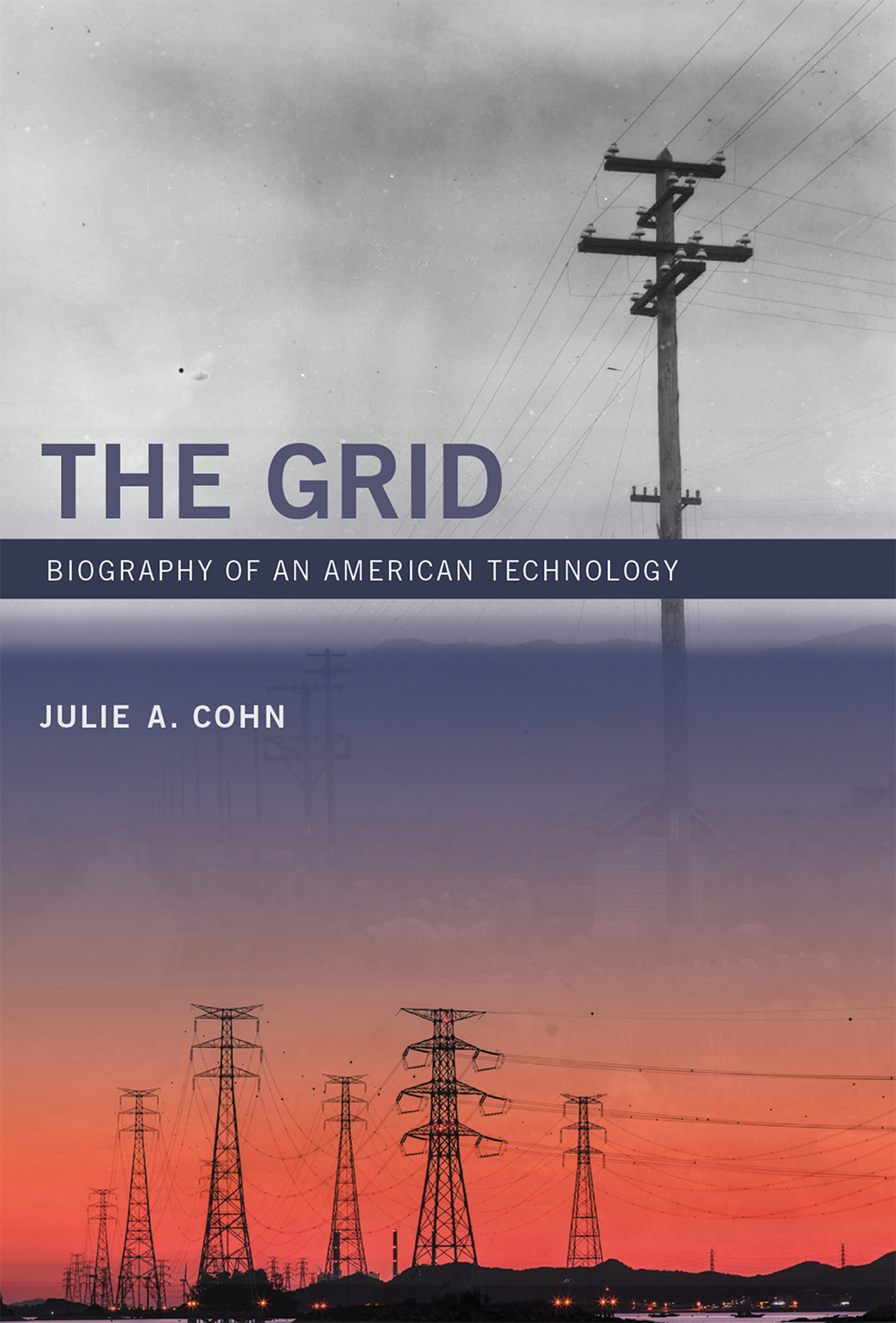
The Grid The history of the grid, the world's largest interconnected power machine that is North America's electricity infrastructure. The North American power grid has been called the world's largest machine. The grid connects nearly every living soul on the continent; Americans rely utterly on the miracle of electrification. In this book, Julie Cohn tells the history of the grid, from early linkages in the 1890s through the grid's maturity as a networked infrastructure in the 1980s. She focuses on the strategies and technologies used to control power on the grid—in fact made up of four major networks of interconnected power systems—paying particular attention to the work of engineers and system operators who handled the everyday operations. To do so, she consulted sources that range from the pages of historical trade journals to corporate archives to the papers of her father, Nathan Cohn, who worked in the industry from 1927 to 1989—roughly the period of key power control innovations across North America. Cohn investigates major challenges and major breakthroughs but also the hidden aspects of our electricity infrastructure, both technical and human. She describes the origins of the grid and the growth of interconnection; emerging control issues, including difficulties in matching generation and demand on linked systems; collaboration and competition against the backdrop of economic depression and government infrastructure investment; the effects of World War II on electrification; postwar plans for a coast-to-coast grid; the northeast blackout of 1965 and the East-West closure of 1967; and renewed efforts at achieving stability and reliability after those two events. TECHNOLOGY & ENGINEERING,History
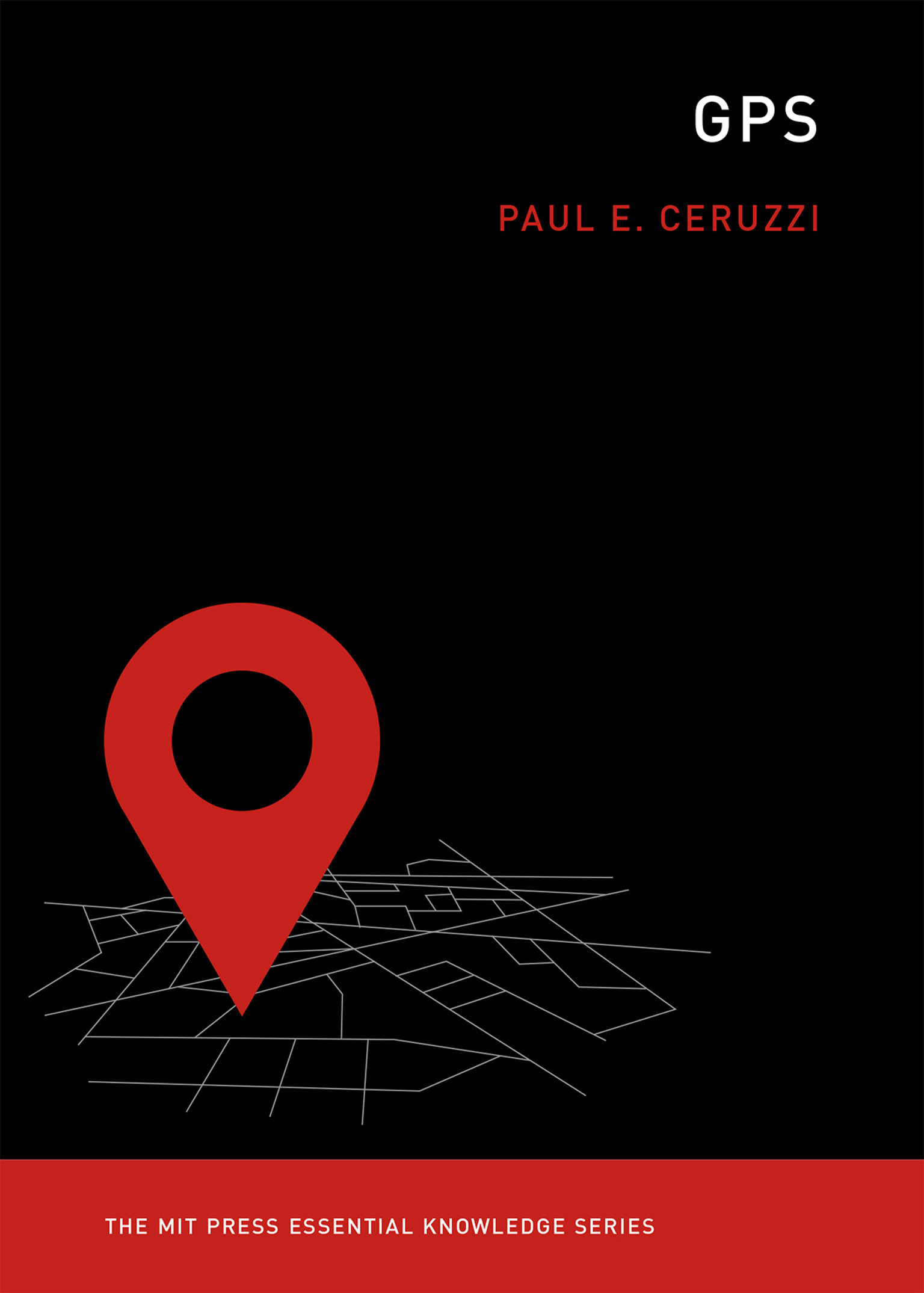
GPS A concise history of GPS, from its military origins to its commercial applications and ubiquity in everyday life. GPS is ubiquitous in everyday life. GPS mapping is standard equipment in many new cars and geolocation services are embedded in smart phones. GPS makes Uber and Lyft possible; driverless cars won't be able to drive without it. In this volume in the MIT Press Essential Knowledge series, Paul Ceruzzi offers a concise history of GPS, explaining how a once-obscure space technology became an invisible piece of our infrastructure, as essential to modern life as electric power or clean water. GPS relays precise time and positioning information from orbiting satellites to receivers on the ground, at sea, and in the air. It operates worldwide, and its basic signals are free, although private companies can commodify the data provided. Ceruzzi recounts the origins of GPS and its predecessor technologies, including early aircraft navigation systems and satellites. He describes the invention of GPS as a space technology in the post-Apollo, pre-Space Shuttle years and its first military and commercial uses. Ceruzzi explains how the convergence of three major technological developments—the microprocessor, the Internet, and cellular telephony—enabled the development and application of GPS technology. Recognizing the importance of satellite positioning systems in a shifting geopolitical landscape—and perhaps doubting U.S. assurances of perpetual GPS availability—other countries are now building or have already developed their own systems, and Ceruzzi reports on these efforts in the European Union, Russia, India, China, and Japan. TECHNOLOGY & ENGINEERING,History
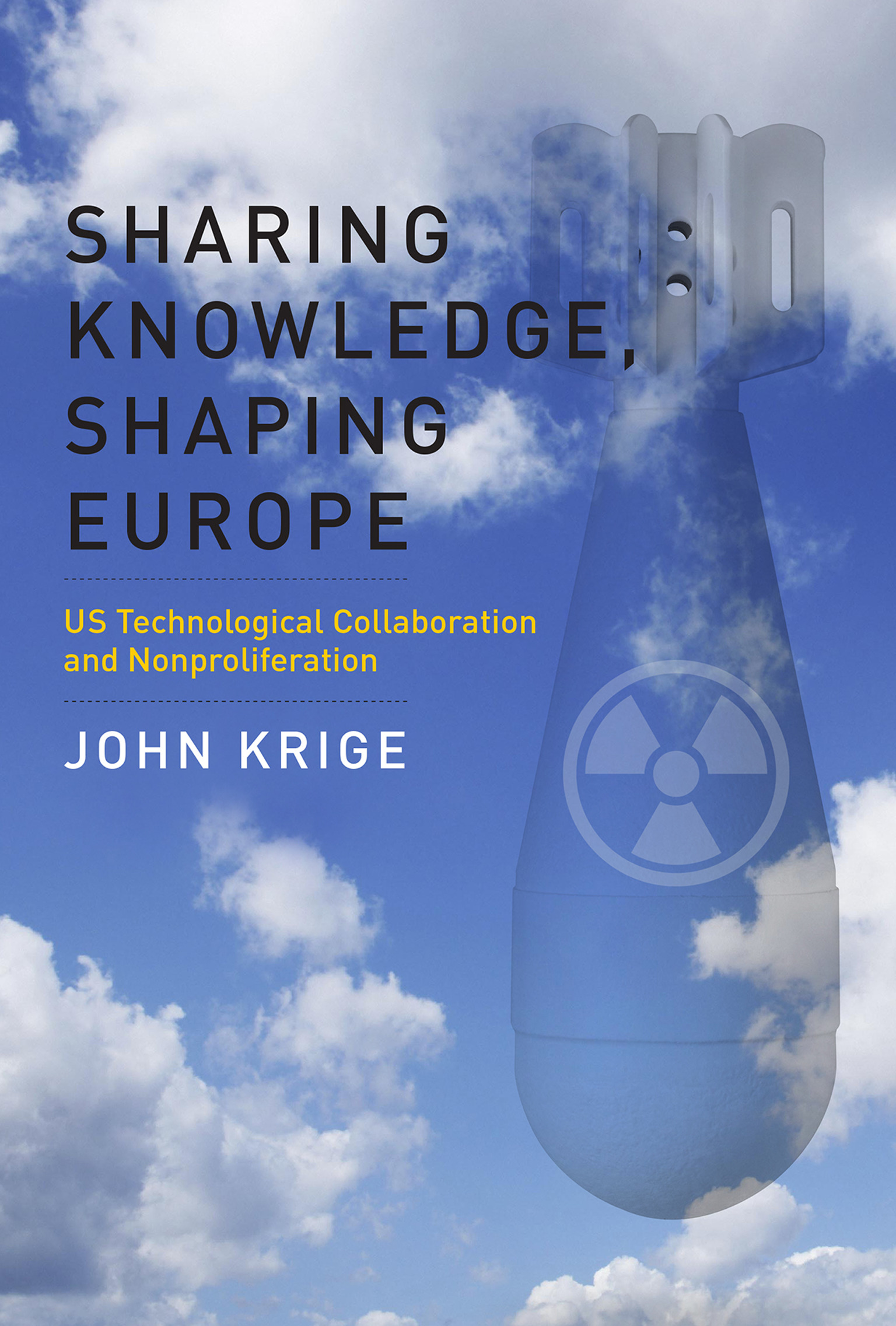
Sharing Knowledge, Shaping Europe How America used its technological leadership in the 1950s and the 1960s to foster European collaboration and curb nuclear proliferation, with varying degrees of success. In the 1950s and the 1960s, U.S. administrations were determined to prevent Western European countries from developing independent national nuclear weapons programs. To do so, the United States attempted to use its technological pre-eminence as a tool of “soft power” to steer Western European technological choices toward the peaceful uses of the atom and of space, encouraging options that fostered collaboration, promoted nonproliferation, and defused challenges to U.S. technological superiority. In Sharing Knowledge, Shaping Europe, John Krige describes these efforts and the varying degrees of success they achieved. Krige explains that the pursuit of scientific and technological leadership, galvanized by America's Cold War competition with the Soviet Union, was also used for techno-political collaboration with major allies. He examines a series of multinational arrangements involving shared technological platforms and aimed at curbing nuclear proliferation, and he describes the roles of the Department of State, the Atomic Energy Commission, and NASA. To their dismay, these agencies discovered that the use of technology as an instrument of soft power was seriously circumscribed, by internal divisions within successive administrations and by external opposition from European countries. It was successful, Krige argues, only when technological leadership was embedded in a web of supportive “harder” power structures. TECHNOLOGY & ENGINEERING,History
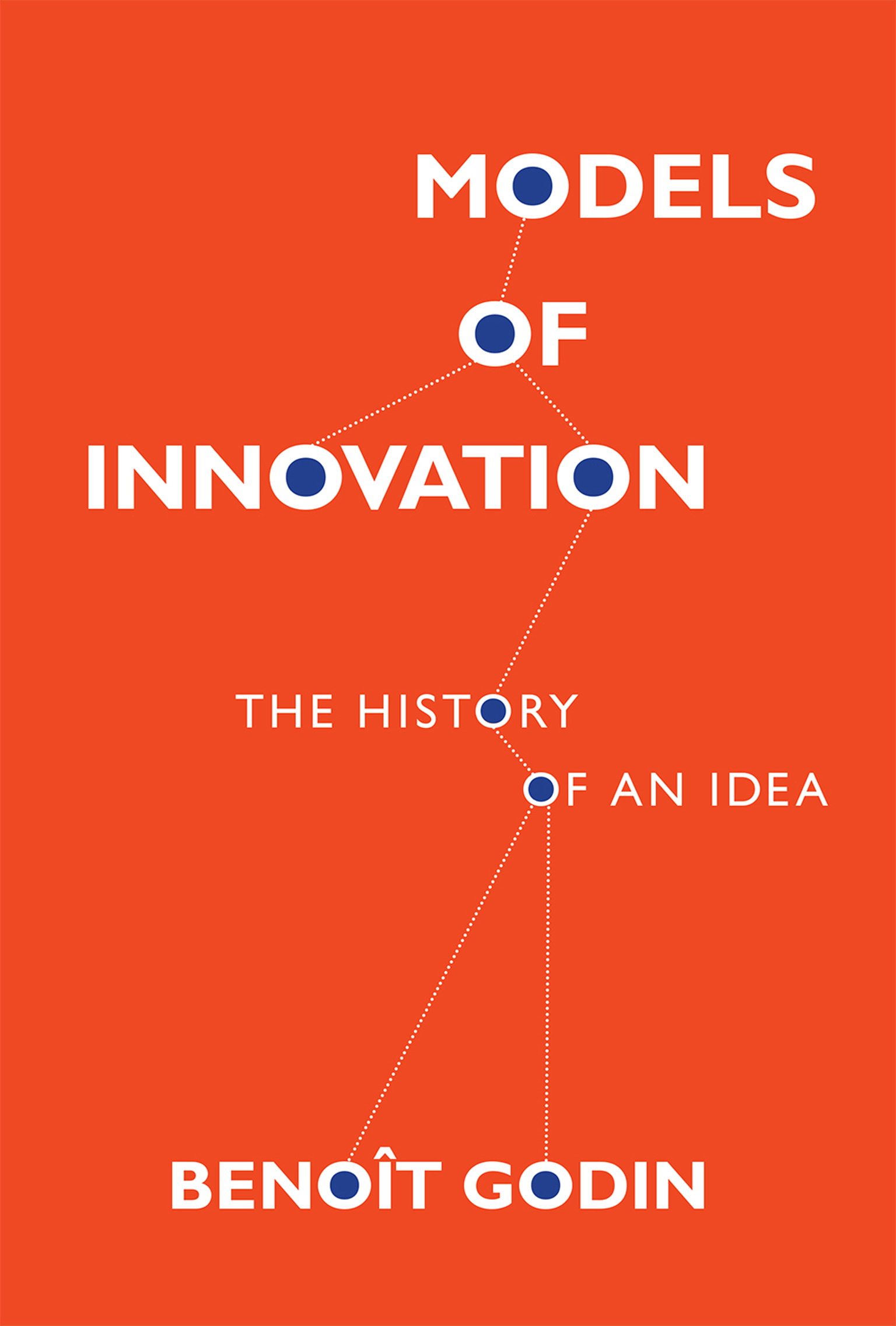
Models of Innovation Benoît Godin is a Professor at the Institut national de la recherche scientifique, Montreal. Models abound in science, technology, and society (STS) studies and in science, technology, and innovation (STI) studies. They are continually being invented, with one author developing many versions of the same model over time. At the same time, models are regularly criticized. Such is the case with the most influential model in STS-STI: the linear model of innovation. In this book, Benoît Godin examines the emergence and diffusion of the three most important conceptual models of innovation from the early twentieth century to the late 1980s: stage models, linear models, and holistic models. Godin first traces the history of the models of innovation constructed during this period, considering why these particular models came into being and what use was made of them. He then rethinks and debunks the historical narratives of models developed by theorists of innovation. Godin documents a greater diversity of thinkers and schools than in the conventional account, tracing a genealogy of models beginning with anthropologists, industrialists, and practitioners in the first half of the twentieth century to their later formalization in STS-STI. Godin suggests that a model is a conceptualization, which could be narrative, or a set of conceptualizations, or a paradigmatic perspective, often in pictorial form and reduced discursively to a simplified representation of reality. Why are so many things called models? Godin claims that model has a rhetorical function. First, a model is a symbol of “scientificity.” Second, a model travels easily among scholars and policy makers. Calling a conceptualization or narrative or perspective a model facilitates its propagation. TECHNOLOGY & ENGINEERING,History
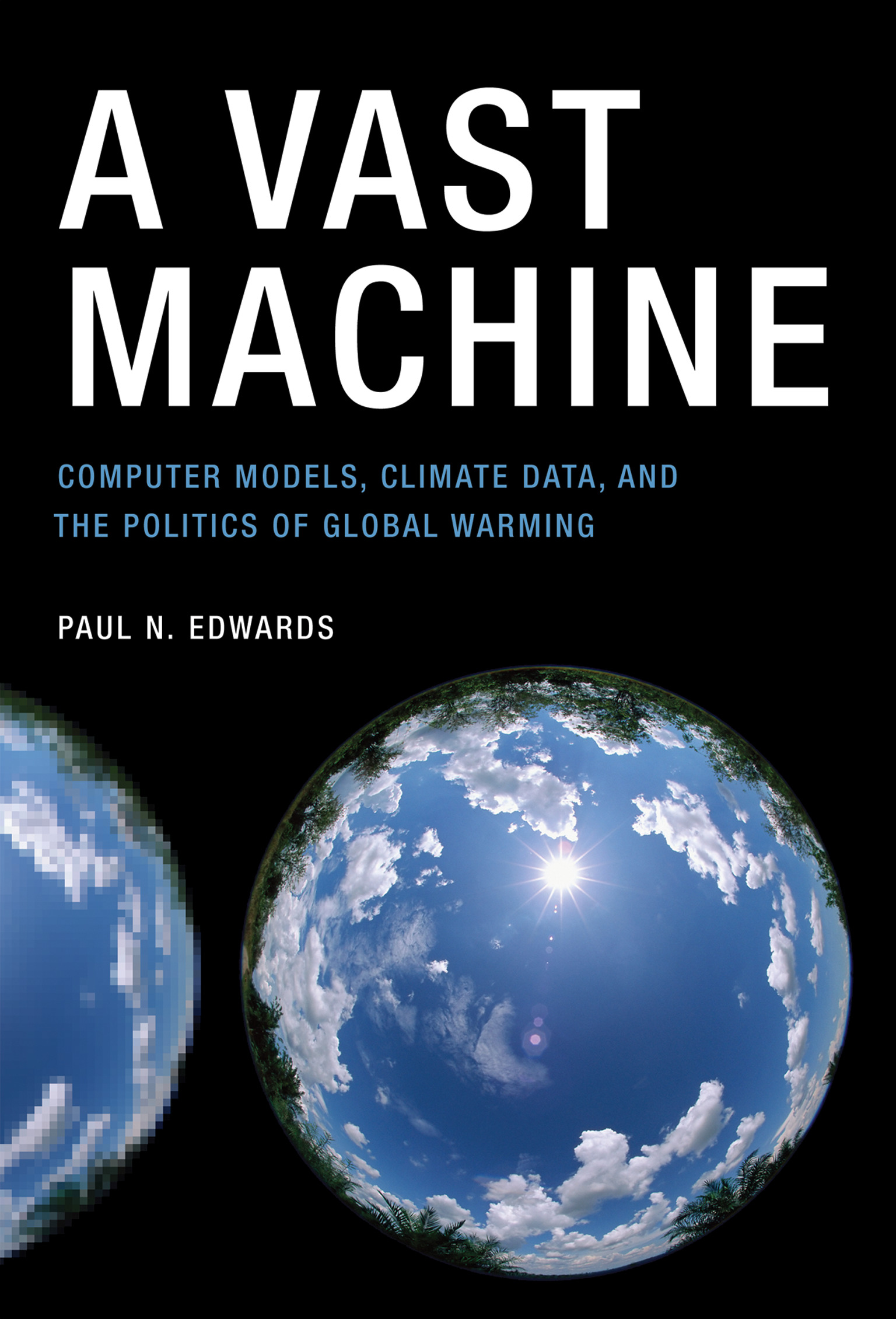
A Vast Machine The science behind global warming, and its history: how scientists learned to understand the atmosphere, to measure it, to trace its past, and to model its future. Global warming skeptics often fall back on the argument that the scientific case for global warming is all model predictions, nothing but simulation; they warn us that we need to wait for real data, “sound science.” In A Vast Machine Paul Edwards has news for these skeptics: without models, there are no data. Today, no collection of signals or observations—even from satellites, which can “see” the whole planet with a single instrument—becomes global in time and space without passing through a series of data models. Everything we know about the world's climate we know through models. Edwards offers an engaging and innovative history of how scientists learned to understand the atmosphere—to measure it, trace its past, and model its future. TECHNOLOGY & ENGINEERING,History
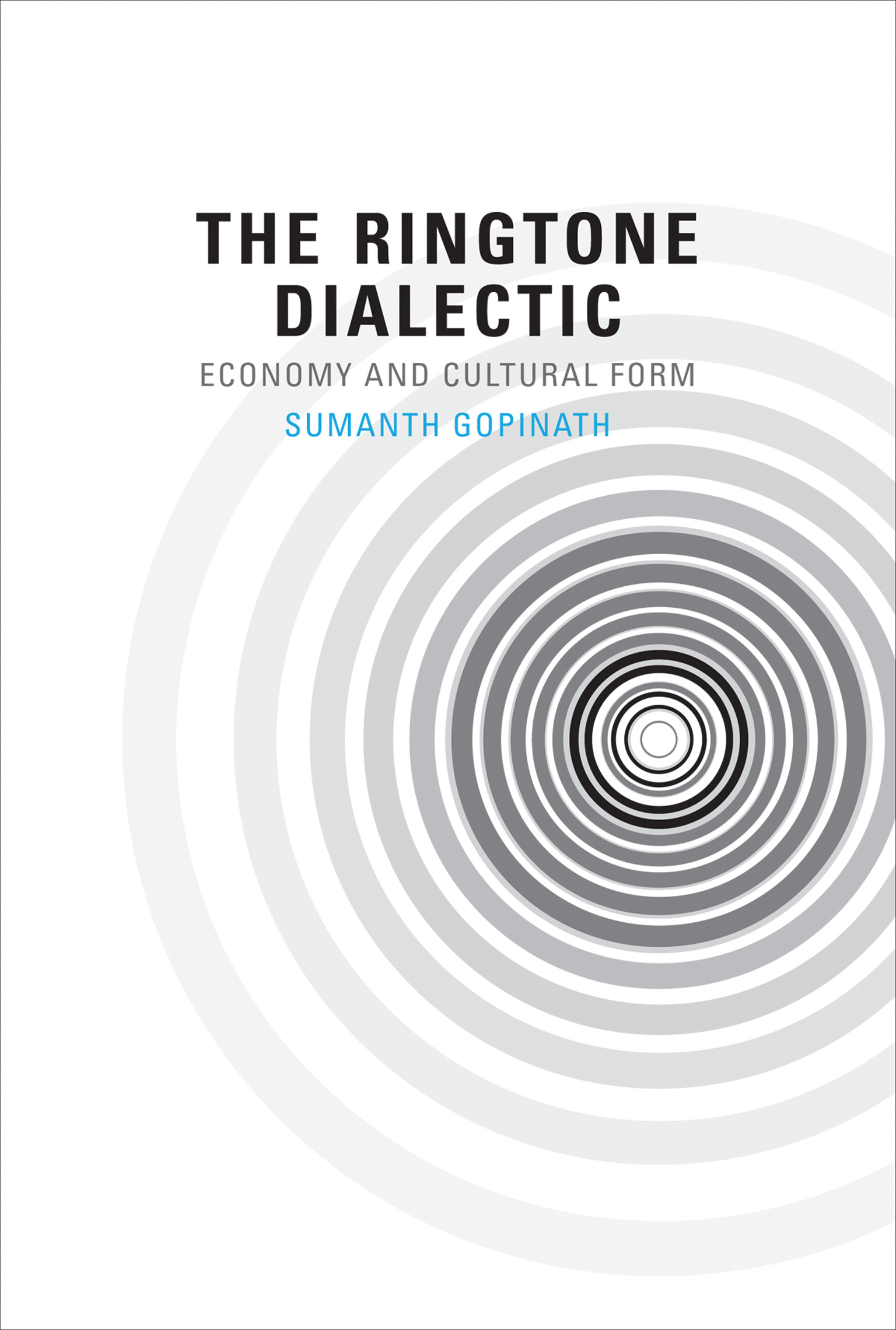
The Ringtone Dialectic The rise and fall of the ringtone industry and its effect on mobile entertainment, music, television, film, and politics. A decade ago, the customizable ringtone was ubiquitous. Almost any crowd of cell phone owners could produce a carillon of tinkly, beeping, synthy, musicalized ringer signals. Ringtones quickly became a multi-billion-dollar global industry and almost as quickly faded away. In The Ringtone Dialectic, Sumanth Gopinath charts the rise and fall of the ringtone economy and assesses its effect on cultural production. Gopinath describes the technical and economic structure of the ringtone industry, considering the transformation of ringtones from monophonic, single-line synthesizer files to polyphonic MIDI files to digital sound files and the concomitant change in the nature of capital and rent accumulation within the industry. He discusses sociocultural practices that seemed to wane as a result of these shifts, including ringtone labor, certain forms of musical notation and representation, and the creation of musical and artistic works quoting ringtones. Gopinath examines “declines,” “reversals,” and “revivals” of cultural forms associated with the ringtone and its changes, including the Crazy Frog fad, the use of ringtones in political movements (as in the Philippine “Gloriagate” scandal), the ringtone's narrative function in film and television (including its striking use in the films of the Chinese director Jia Zhangke), and the ringtone's relation to pop music (including possible race and class aspects of ringtone consumption). Finally, Gopinath considers the attempt to rebrand ringtones as “mobile music” and the emergence of cloud computing. TECHNOLOGY & ENGINEERING,History
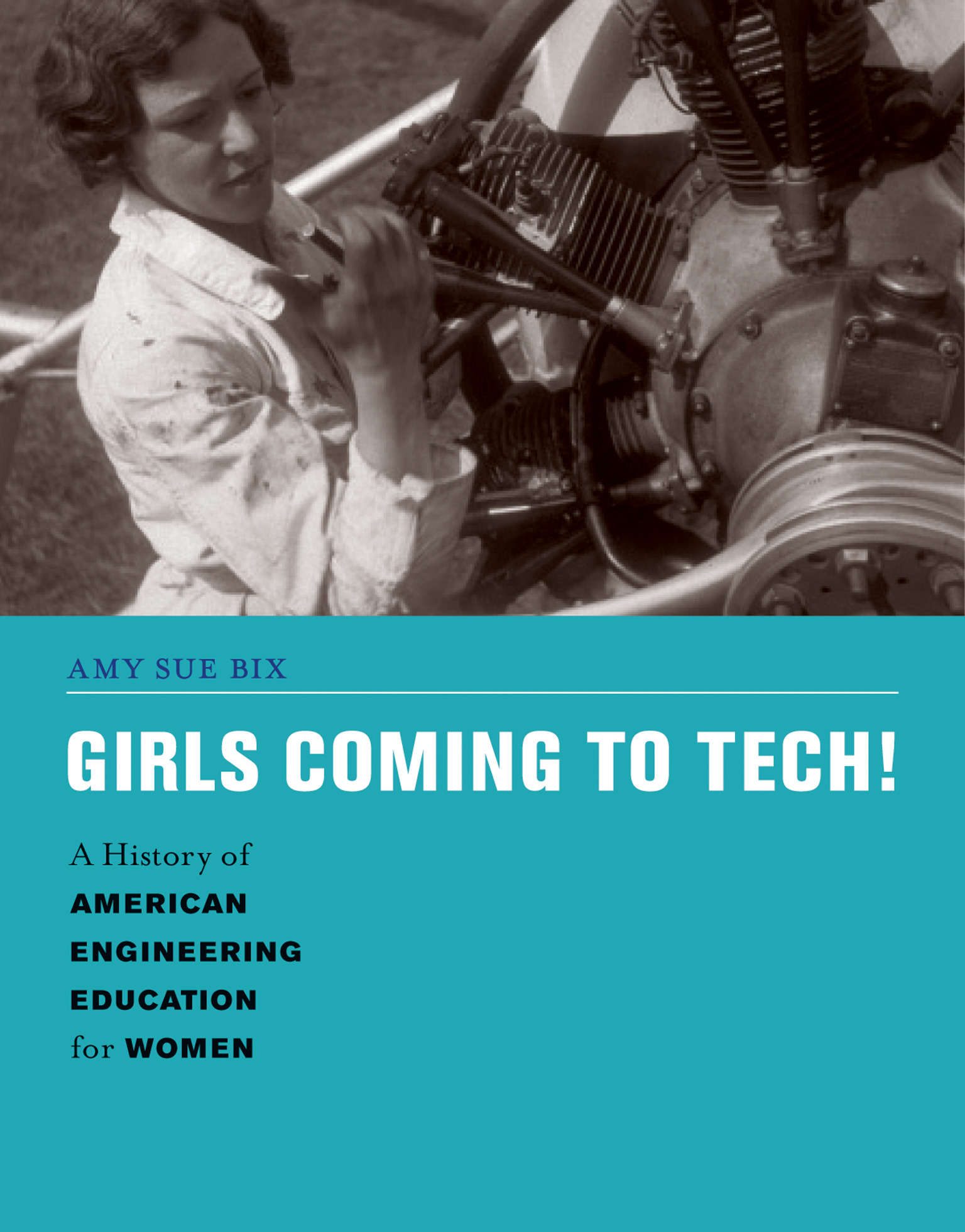
Girls Coming to Tech! How women coped with both formal barriers and informal opposition to their entry into the traditionally masculine field of engineering in American higher education. Engineering education in the United States was long regarded as masculine territory. For decades, women who studied or worked in engineering were popularly perceived as oddities, outcasts, unfeminine (or inappropriately feminine in a male world). In Girls Coming to Tech!, Amy Bix tells the story of how women gained entrance to the traditionally male field of engineering in American higher education. As Bix explains, a few women breached the gender-reinforced boundaries of engineering education before World War II. During World War II, government, employers, and colleges actively recruited women to train as engineering aides, channeling them directly into defense work. These wartime training programs set the stage for more engineering schools to open their doors to women. Bix offers three detailed case studies of postwar engineering coeducation. Georgia Tech admitted women in 1952 to avoid a court case, over objections by traditionalists. In 1968, Caltech male students argued that nerds needed a civilizing female presence. At MIT, which had admitted women since the 1870s but treated them as a minor afterthought, feminist-era activists pushed the school to welcome more women and take their talent seriously. In the 1950s, women made up less than one percent of students in American engineering programs; in 2010 and 2011, women earned 18.4% of bachelor's degrees, 22.6% of master's degrees, and 21.8% of doctorates in engineering. Bix's account shows why these gains were hard won. TECHNOLOGY & ENGINEERING,History

How Not to Network a Nation How, despite thirty years of effort, Soviet attempts to build a national computer network were undone by socialists who seemed to behave like capitalists. Between 1959 and 1989, Soviet scientists and officials made numerous attempts to network their nation—to construct a nationwide computer network. None of these attempts succeeded, and the enterprise had been abandoned by the time the Soviet Union fell apart. Meanwhile, ARPANET, the American precursor to the Internet, went online in 1969. Why did the Soviet network, with top-level scientists and patriotic incentives, fail while the American network succeeded? In How Not to Network a Nation, Benjamin Peters reverses the usual cold war dualities and argues that the American ARPANET took shape thanks to well-managed state subsidies and collaborative research environments and the Soviet network projects stumbled because of unregulated competition among self-interested institutions, bureaucrats, and others. The capitalists behaved like socialists while the socialists behaved like capitalists. After examining the midcentury rise of cybernetics, the science of self-governing systems, and the emergence in the Soviet Union of economic cybernetics, Peters complicates this uneasy role reversal while chronicling the various Soviet attempts to build a “unified information network.” Drawing on previously unknown archival and historical materials, he focuses on the final, and most ambitious of these projects, the All-State Automated System of Management (OGAS), and its principal promoter, Viktor M. Glushkov. Peters describes the rise and fall of OGAS—its theoretical and practical reach, its vision of a national economy managed by network, the bureaucratic obstacles it encountered, and the institutional stalemate that killed it. Finally, he considers the implications of the Soviet experience for today's networked world. TECHNOLOGY & ENGINEERING,History
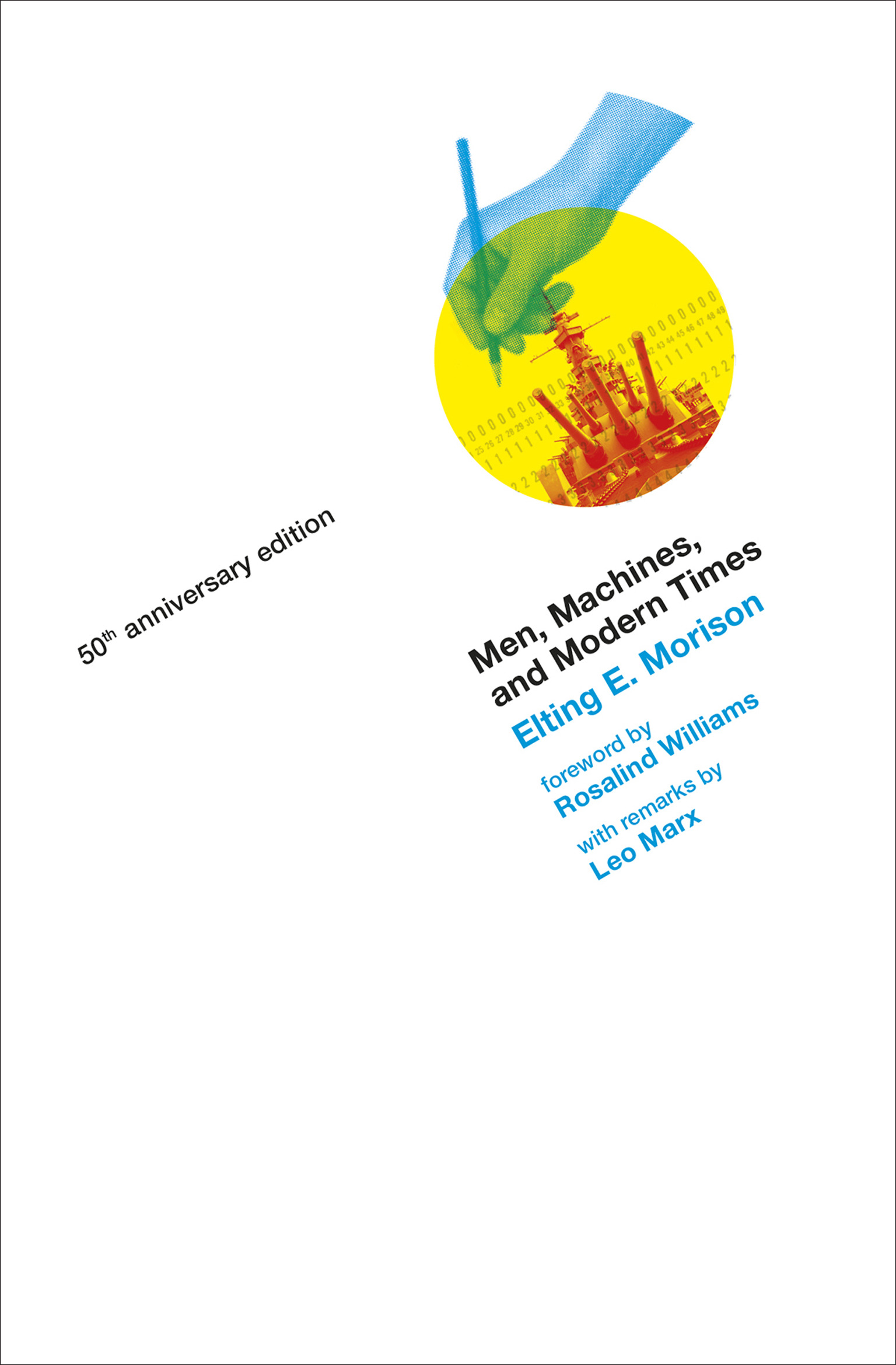
Men, Machines, and Modern Times, 50th Anniversary Edition An engaging look at how we have learned to live with innovation and new technologies through history. People have had trouble adapting to new technology ever since (perhaps) the inventor of the wheel had to explain that a wheelbarrow could carry more than a person. This little book by a celebrated MIT professor—the fiftieth anniversary edition of a classic—describes how we learn to live and work with innovation. Elting Morison considers, among other things, the three stages of users' resistance to change: ignoring it; rational rebuttal; and name-calling. He recounts the illustrative anecdote of the World War II artillerymen who stood still to hold the horses despite the fact that the guns were now hitched to trucks—reassuring those of us who have trouble with a new interface or a software upgrade that we are not the first to encounter such problems. Morison offers an entertaining series of historical accounts to highlight his major theme: the nature of technological change and society's reaction to that change. He begins with resistance to innovation in the U.S. Navy following an officer's discovery of a more accurate way to fire a gun at sea; continues with thoughts about bureaucracy, paperwork, and card files; touches on rumble seats, the ghost in Hamlet, and computers; tells the strange history of a new model steamship in the 1860s; and describes the development of the Bessemer steel process. Each instance teaches a lesson about the more profound and current problem of how to organize and manage systems of ideas, energies, and machinery so that it will conform to the human dimension. TECHNOLOGY & ENGINEERING,History

Making IT Work The evolution of the multi-billion-dollar computer services industry, from consulting and programming to data analytics and cloud computing, with case studies of important companies. The computer services industry has worldwide annual revenues of nearly a trillion dollars and employs millions of workers, but is often overshadowed by the hardware and software products industries. In this book, Jeffrey Yost shows how computer services, from consulting and programming to data analytics and cloud computing, have played a crucial role in shaping information technology—in making IT work. Tracing the evolution of the computer services industry from the 1950s to the present, Yost provides case studies of important companies (including IBM, Hewlett Packard, Andersen/Accenture, EDS, Infosys, and others) and profiles of such influential leaders as John Diebold, Ross Perot, and Virginia Rometty. He offers a fundamental reinterpretation of IBM as a supplier of computer services rather than just a producer of hardware, exploring how IBM bundled services with hardware for many years before becoming service-centered in the 1990s. Yost describes the emergence of companies that offered consulting services, data processing, programming, and systems integration. He examines the development of industry-defining trade associations; facilities management and the firm that invented it, Ross Perot's EDS; time sharing, a precursor of the cloud; IBM's early computer services; and independent contractor brokerages. Finally, he explores developments since the 1980s: the transformations of IBM and Hewlett Packard; the offshoring of enterprises and labor; major Indian IT service providers and the changing geographical deployment of U.S.-based companies; and the paradigm-changing phenomenon of cloud service. TECHNOLOGY & ENGINEERING,History

War Games The convergence of military strategy and mathematics in war games, from medieval to modern times. For centuries, both mathematical and military thinkers have used game-like scenarios to test their visions of mastering a complex world through symbolic operations. By the end of World War I, mathematical and military discourse in Germany simultaneously discovered the game as a productive concept. Mathematics and military strategy converged in World War II when mathematicians designed fields of operation. In this book, Philipp von Hilgers examines the theory and practice of war games through history, from the medieval game boards, captured on parchment, to the paper map exercises of the Third Reich. Von Hilgers considers how and why war games came to exist: why mathematical and military thinkers created simulations of one of the most unpredictable human activities on earth. Von Hilgers begins with the medieval rythmomachia, or Battle of Numbers, then reconstructs the ideas about war and games in the baroque period. He investigates the role of George Leopold von Reiswitz's tactical war game in nineteenth-century Prussia and describes the artifact itself: a game board–topped table with drawers for game implements. He explains Clausewitz's emphasis on the “fog of war” and the accompanying element of incalculability, examines the contributions of such thinkers as Clausewitz, Leibniz, Wittgenstein, and von Neumann, and investigates the war games of the German military between the two World Wars. Baudrillard declared this to be the age of simulacra; war games stand contrariwise as simulations that have not been subsumed in absolute virtuality. TECHNOLOGY & ENGINEERING,History
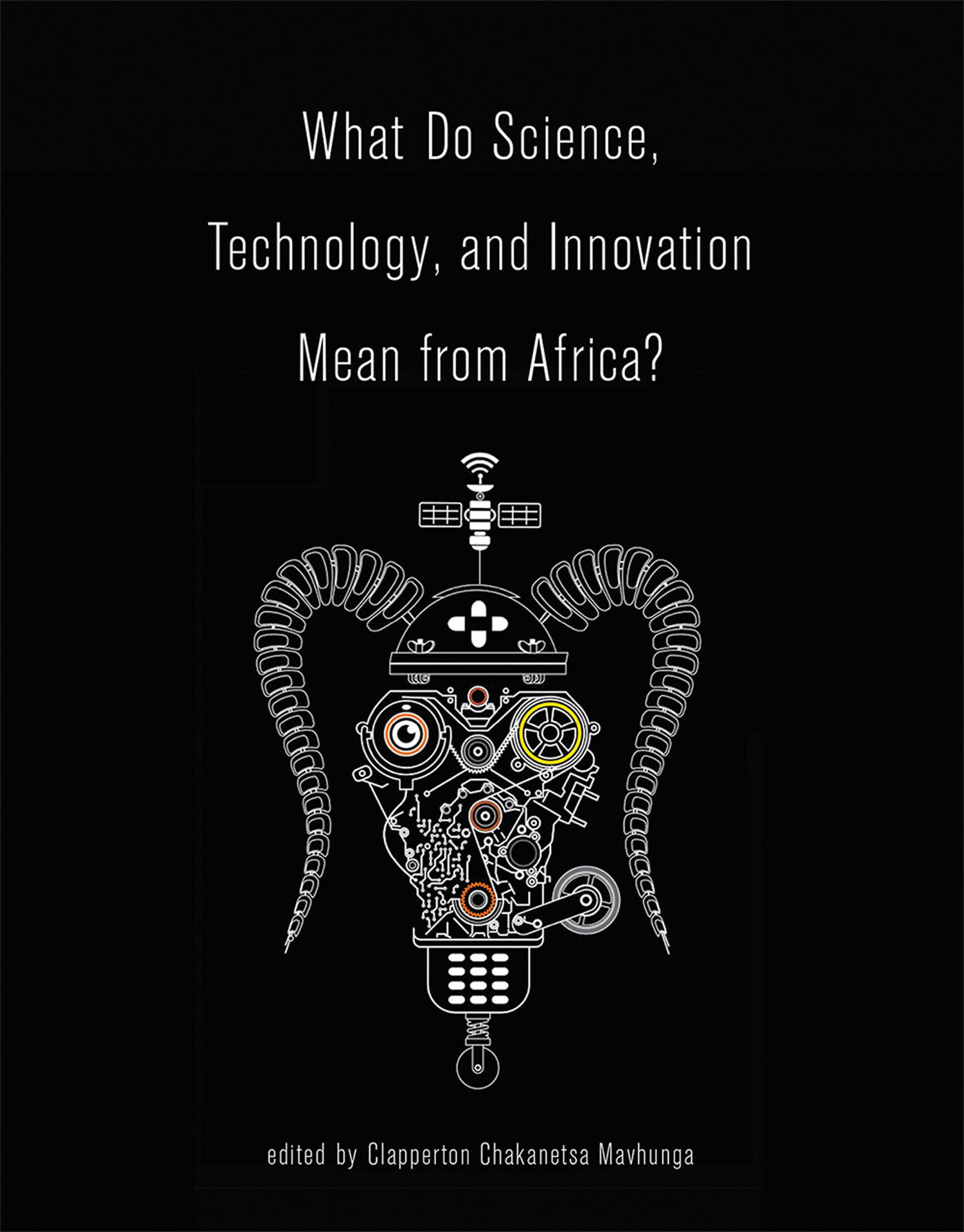
What Do Science, Technology, and Innovation Mean from Africa? Explorations of science, technology, and innovation in Africa not as the product of “technology transfer” from elsewhere but as the working of African knowledge. In the STI literature, Africa has often been regarded as a recipient of science, technology, and innovation rather than a maker of them. In this book, scholars from a range of disciplines show that STI in Africa is not merely the product of “technology transfer” from elsewhere but the working of African knowledge. Their contributions focus on African ways of looking, meaning-making, and creating. The chapter authors see Africans as intellectual agents whose perspectives constitute authoritative knowledge and whose strategic deployment of both endogenous and inbound things represents an African-centered notion of STI. “Things do not (always) mean the same from everywhere,” observes Clapperton Chakanetsa Mavhunga, the volume's editor. Western, colonialist definitions of STI are not universalizable. The contributors discuss topics that include the trivialization of indigenous knowledge under colonialism; the creative labor of chimurenga, the transformation of everyday surroundings into military infrastructure; the role of enslaved Africans in America as innovators and synthesizers; the African ethos of “fixing”; the constitutive appropriation that makes mobile technologies African; and an African innovation strategy that builds on domestic capacities. The contributions describe an Africa that is creative, technological, and scientific, showing that African STI is the latest iteration of a long process of accumulative, multicultural knowledge production. Contributors Geri Augusto, Shadreck Chirikure, Chux Daniels, Ron Eglash, Ellen Foster, Garrick E. Louis, D. A. Masolo, Clapperton Chakanetsa Mavhunga, Neda Nazemi, Toluwalogo Odumosu, Katrien Pype, Scott Remer TECHNOLOGY & ENGINEERING,History

Machineries of Oil The emergence of the international oil corporation as a political actor in the twentieth century, seen in BP's infrastructure and information arrangements in Iran. In the early twentieth century, international oil corporations emerged as a new kind of political actor. The development of the world oil industry, argues Katayoun Shafiee, was one of the era's largest political projects of techno-economic development. In this book, Shafiee maps the machinery of oil operations in the Anglo-Iranian oil industry between 1901 and 1954, tracking the organizational work involved in moving oil through a variety of technical, legal, scientific, and administrative networks. She shows that, in a series of disagreements, the British-controlled Anglo-Iranian Oil Company (AIOC, which later became BP) relied on various forms of information management to transform political disputes into techno-economic calculation, guaranteeing the company complete control over profits, labor, and production regimes. She argues that the building of alliances and connections that constituted Anglo-Iranian oil's infrastructure reconfigured local politics of oil regions and examines how these arrangements in turn shaped the emergence of both nation-state and transnational oil corporation. Drawing on her extensive archival and field research in Iran, Shafiee investigates the surprising ways in which nature, technology, and politics came together in battles over mineral rights; standardizing petroleum expertise; formulas for calculating profits, production rates, and labor; the “Persianization” of employees; nationalism and oil nationalization; and the long-distance machinery of an international corporation. Her account shows that the politics of oil cannot be understood in isolation from its technical dimensions. TECHNOLOGY & ENGINEERING,History
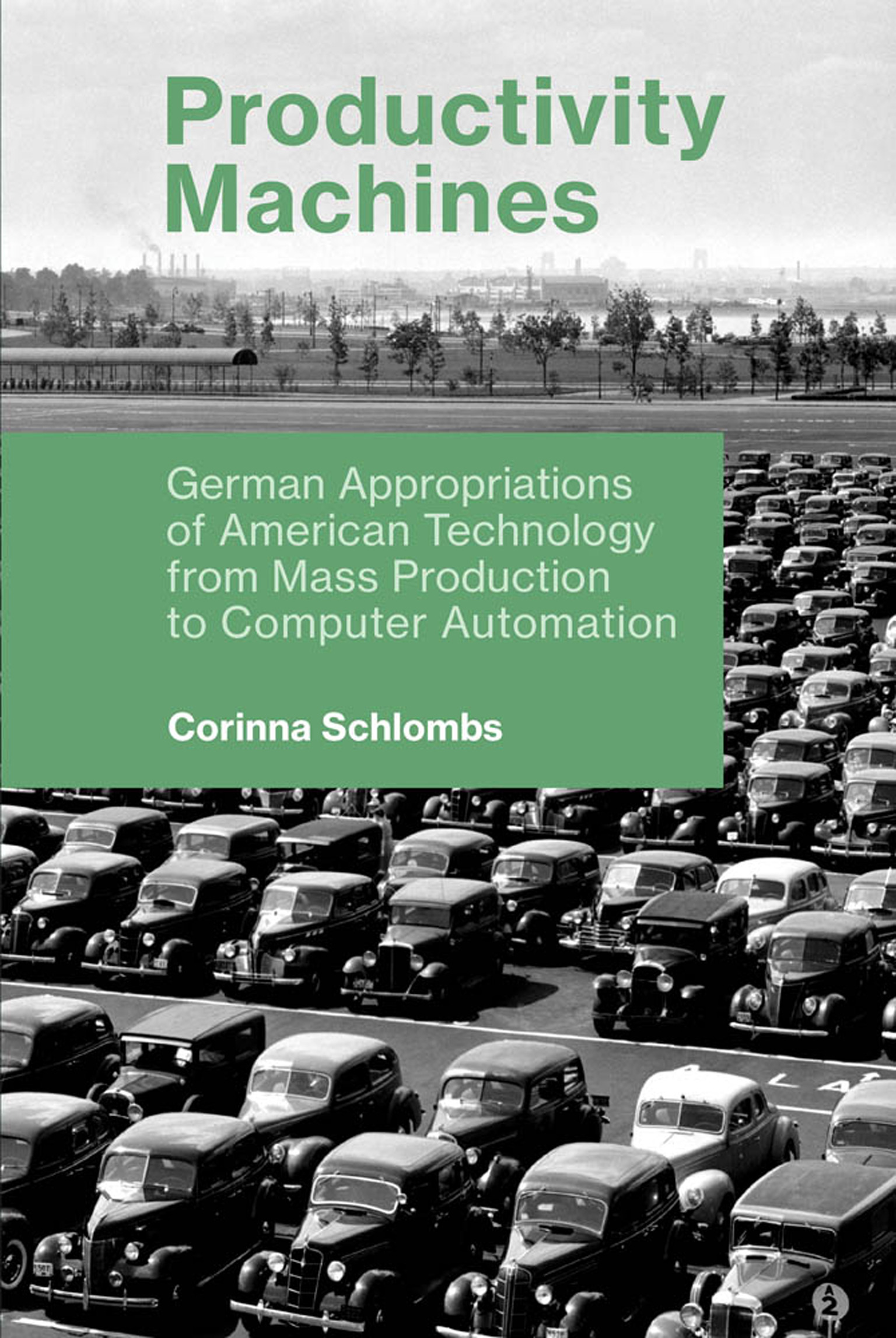
Productivity Machines How productivity culture and technology became emblematic of the American economic system in pre- and postwar Germany. The concept of productivity originated in a statistical measure of output per worker or per work-hour, calculated by the US Bureau of Labor Statistics. A broader productivity culture emerged in 1920s America, as Henry Ford and others linked methods of mass production and consumption to high wages and low prices. These ideas were studied eagerly by a Germany in search of economic recovery after World War I, and, decades later, the Marshall Plan promoted productivity in its efforts to help post–World War II Europe rebuild. In Productivity Machines, Corinna Schlombs examines the transatlantic history of productivity technology and culture in the two decades before and after World War II. She argues for the interpretive flexibility of productivity: different groups viewed productivity differently at different times. Although it began as an objective measure, productivity came to be emblematic of the American economic system; post-World War II West Germany, however, adapted these ideas to its own political and economic values. Schlombs explains that West German unionists cast a doubtful eye on productivity's embrace of plant-level collective bargaining; unions fought for codetermination—the right to participate in corporate decisions. After describing German responses to US productivity, Schlombs offers an in-depth look at labor relations in one American company in Germany—that icon of corporate America, IBM. Finally, Schlombs considers the emergence of computer technology—seen by some as a new symbol of productivity but by others as the means to automate workers out of their jobs. TECHNOLOGY & ENGINEERING,History
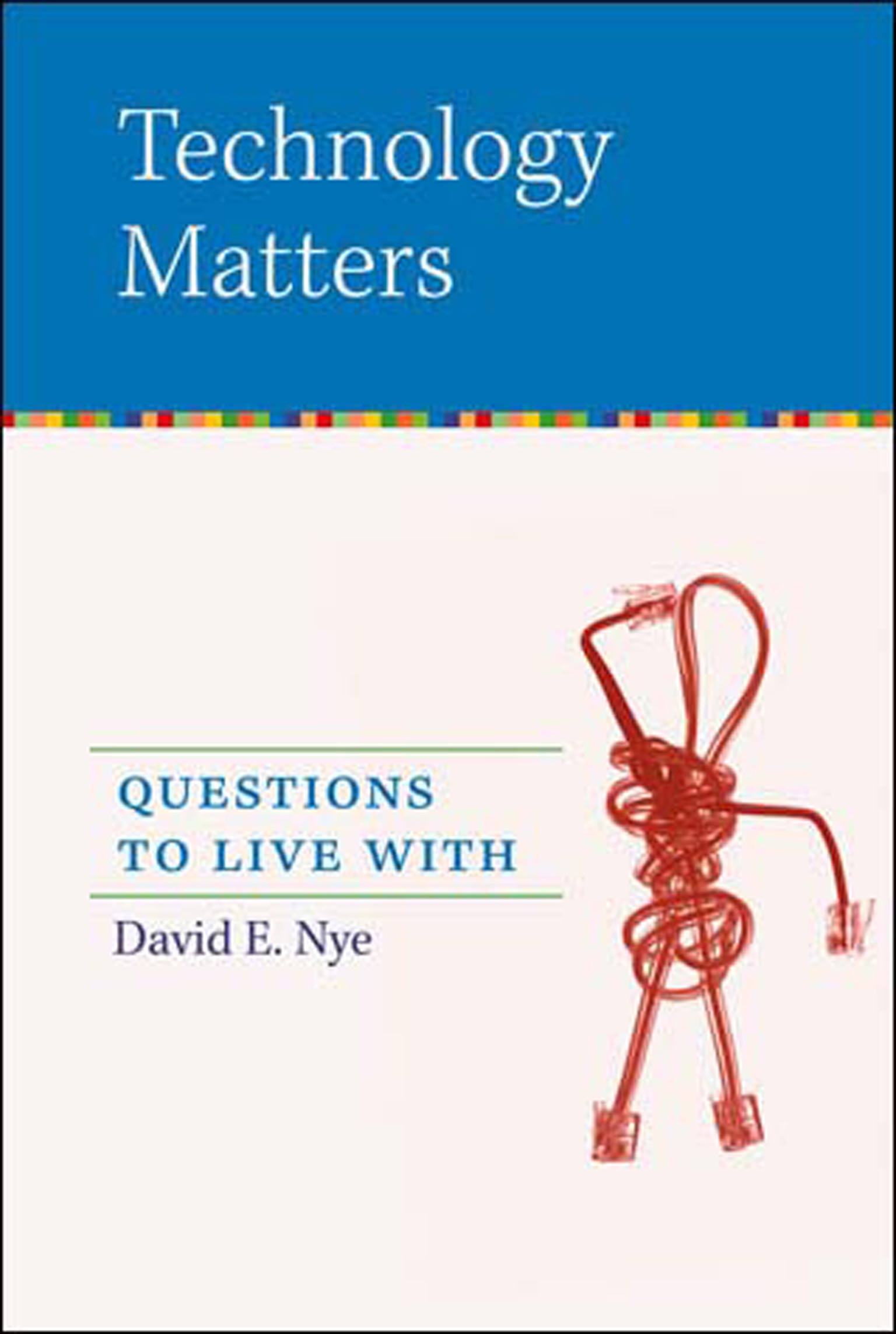
Technology Matters Discusses in nontechnical language ten central questions about technology that illuminate what technology is and why it matters. Technology matters, writes David Nye, because it is inseparable from being human. We have used tools for more than 100,000 years, and their central purpose has not always been to provide necessities. People excel at using old tools to solve new problems and at inventing new tools for more elegant solutions to old tasks. Perhaps this is because we are intimate with devices and machines from an early age—as children, we play with technological toys: trucks, cars, stoves, telephones, model railroads, Playstations. Through these machines we imagine ourselves into a creative relationship with the world. As adults, we retain this technological playfulness with gadgets and appliances—Blackberries, cell phones, GPS navigation systems in our cars. We use technology to shape our world, yet we think little about the choices we are making. In Technology Matters, Nye tackles ten central questions about our relationship to technology, integrating a half-century of ideas about technology into ten cogent and concise chapters, with wide-ranging historical examples from many societies. He asks: Can we define technology? Does technology shape us, or do we shape it? Is technology inevitable or unpredictable? (Why do experts often fail to get it right?)? How do historians understand it? Are we using modern technology to create cultural uniformity, or diversity? To create abundance, or an ecological crisis? To destroy jobs or create new opportunities? Should "the market" choose our technologies? Do advanced technologies make us more secure, or escalate dangers? Does ubiquitous technology expand our mental horizons, or encapsulate us in artifice? These large questions may have no final answers yet, but we need to wrestle with them—to live them, so that we may, as Rilke puts it, "live along some distant day into the answers." TECHNOLOGY & ENGINEERING,History
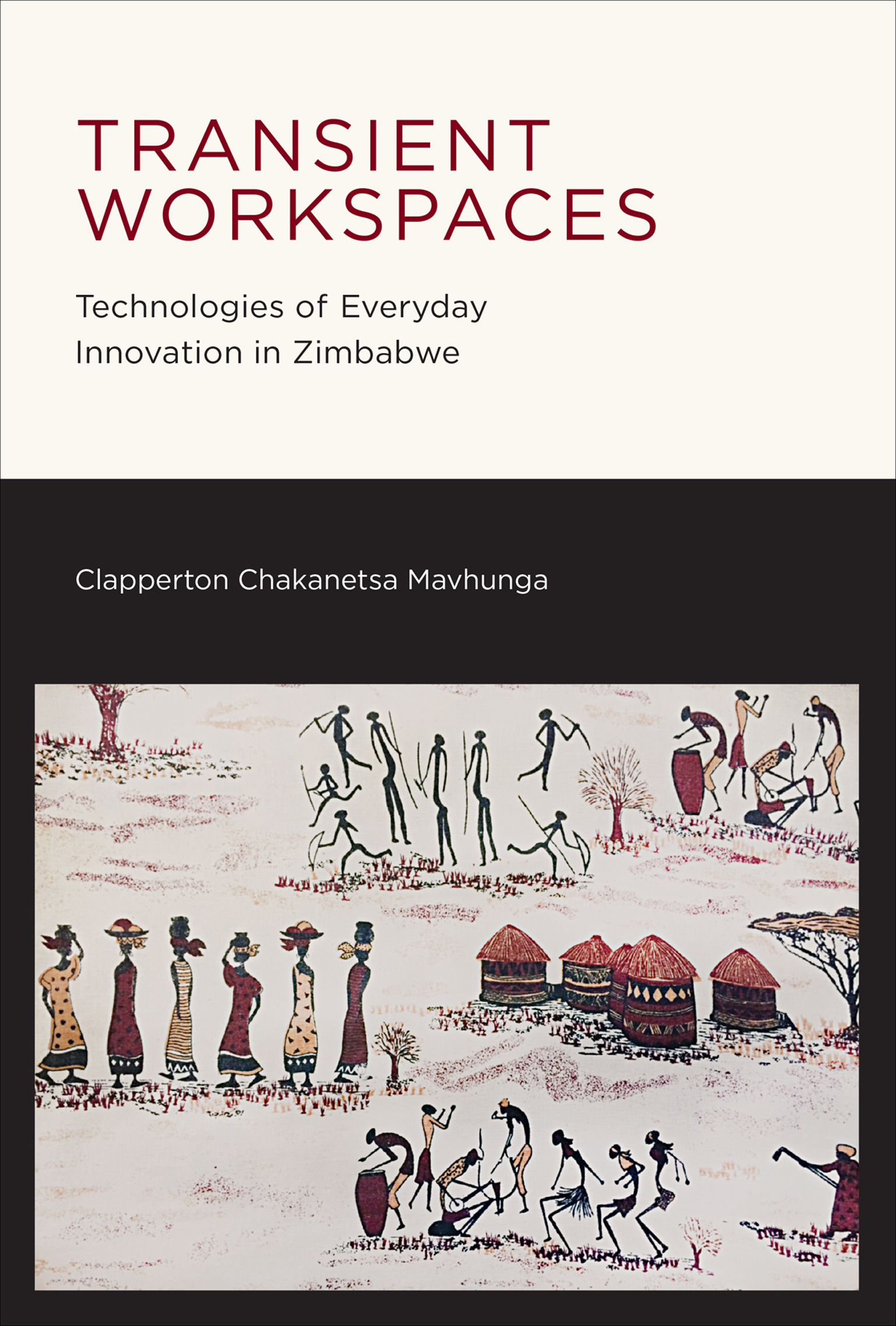
Transient Workspaces An account of technology in Africa from an African perspective, examining hunting in Zimbabwe as an example of an innovative mobile workspace. In this book, Clapperton Mavhunga views technology in Africa from an African perspective. Technology in his account is not something always brought in from outside, but is also something that ordinary people understand, make, and practice through their everyday innovations or creativities—including things that few would even consider technological. Technology does not always originate in the laboratory in a Western-style building but also in the society in the forest, in the crop field, and in other places where knowledge is made and turned into practical outcomes. African creativities are found in African mobilities. Mavhunga shows the movement of people as not merely conveyances across space but transient workspaces. Taking indigenous hunting in Zimbabwe as one example, he explores African philosophies of mobilities as spiritually guided and of the forest as a sacred space. Viewing the hunt as guided mobility, Mavhunga considers interesting questions of what constitutes technology under regimes of spirituality. He describes how African hunters extended their knowledge traditions to domesticate the gun, how European colonizers, with no remedy of their own, turned to indigenous hunters for help in combating the deadly tsetse fly, and examines how wildlife conservation regimes have criminalized African hunting rather than enlisting hunters (and their knowledge) as allies in wildlife sustainability. The hunt, Mavhunga writes, is one of many criminalized knowledges and practices to which African people turn in times of economic or political crisis. He argues that these practices need to be decriminalized and examined as technologies of everyday innovation with a view toward constructive engagement, innovating with Africans rather than for them. TECHNOLOGY & ENGINEERING,History
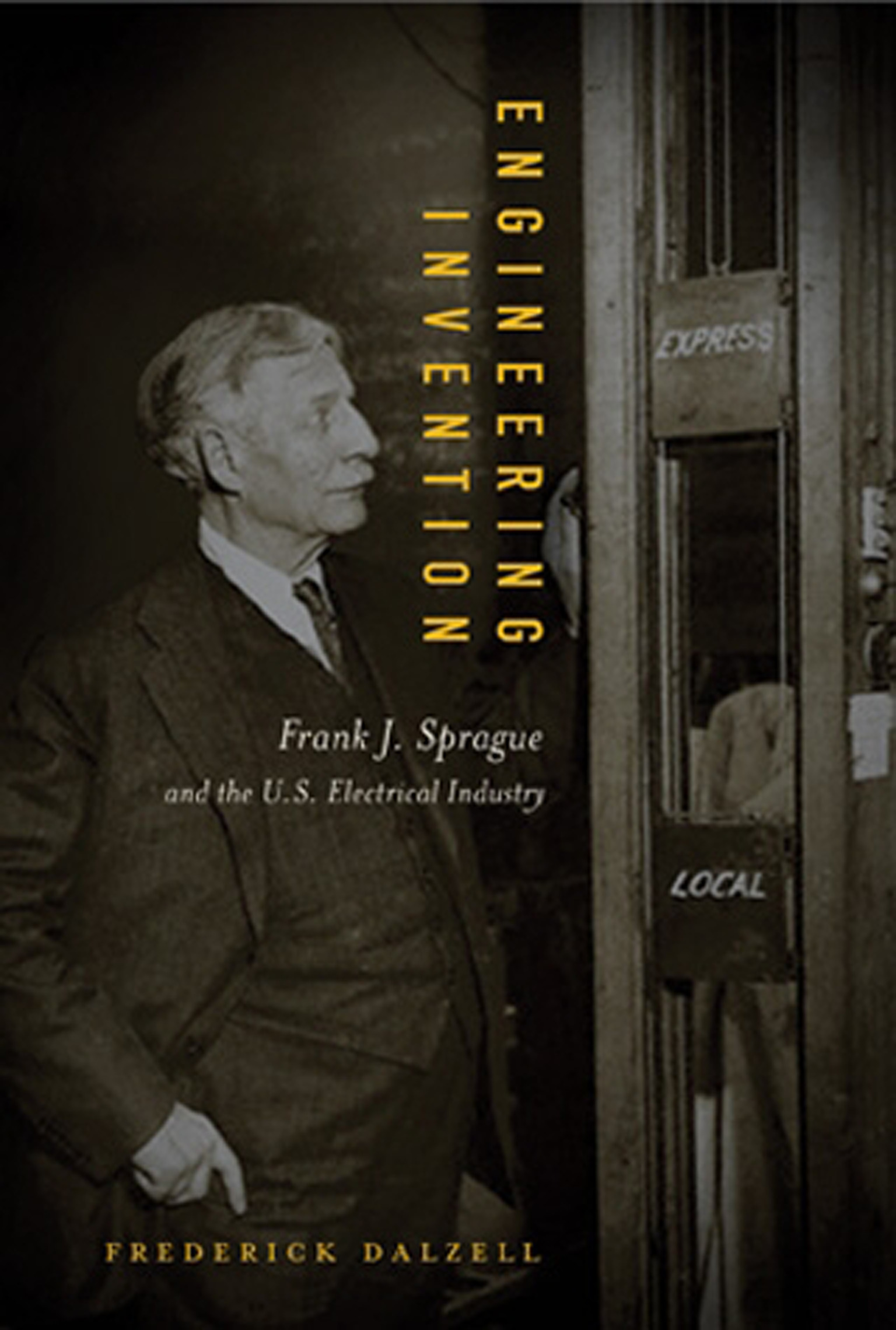
Engineering Invention The technological breakthroughs and entrepreneurial adventures of Frank J. Sprague during the transformative years of the early electrical industry. Over the course of a little less than twenty years, inventor Frank J. Sprague (1857-1934) achieved an astonishing series of technological breakthroughs—from pioneering work in self-governing motors to developing the first full-scale operational electric railway system—all while commercializing his inventions and promoting them (and himself as their inventor) to financial backers and the public. In Engineering Invention, Frederick Dalzell tells Sprague's story, setting it against the backdrop of one of the most dynamic periods in the history of technology. In a burst of innovation during these years, Sprague and his contemporaries—Thomas Edison, Nicolas Tesla, Elmer Sperry, George Westinghouse, and others—transformed the technologies of electricity and reshaped modern life. After working briefly for Edison, Sprague started the Sprague Electric Railway and Motor Company; designed and built an electric railroad system for Richmond, Virginia; sold his company to Edison and went into the field of electric elevators; almost accidentally discovered a multiple-control system that could equip electric train systems for mass transit; started a third company to commercialize this; then sold this company to Edison and retired (temporarily). Throughout his career, Dalzell tells us, Sprague framed technology as invention, cast himself as hero, and staged his technologies as dramas. He toiled against the odds, scraped together resources to found companies, bet those companies on technical feats—and pulled it off, multiple times. The idea of the “heroic inventor” is not, of course, the only way to frame the history of technology. Nevertheless, as Dalzell shows, Sprague, Edison, and others crafted the role consciously and actively, using it to generate vital impetus behind the process of innovation. TECHNOLOGY & ENGINEERING,History
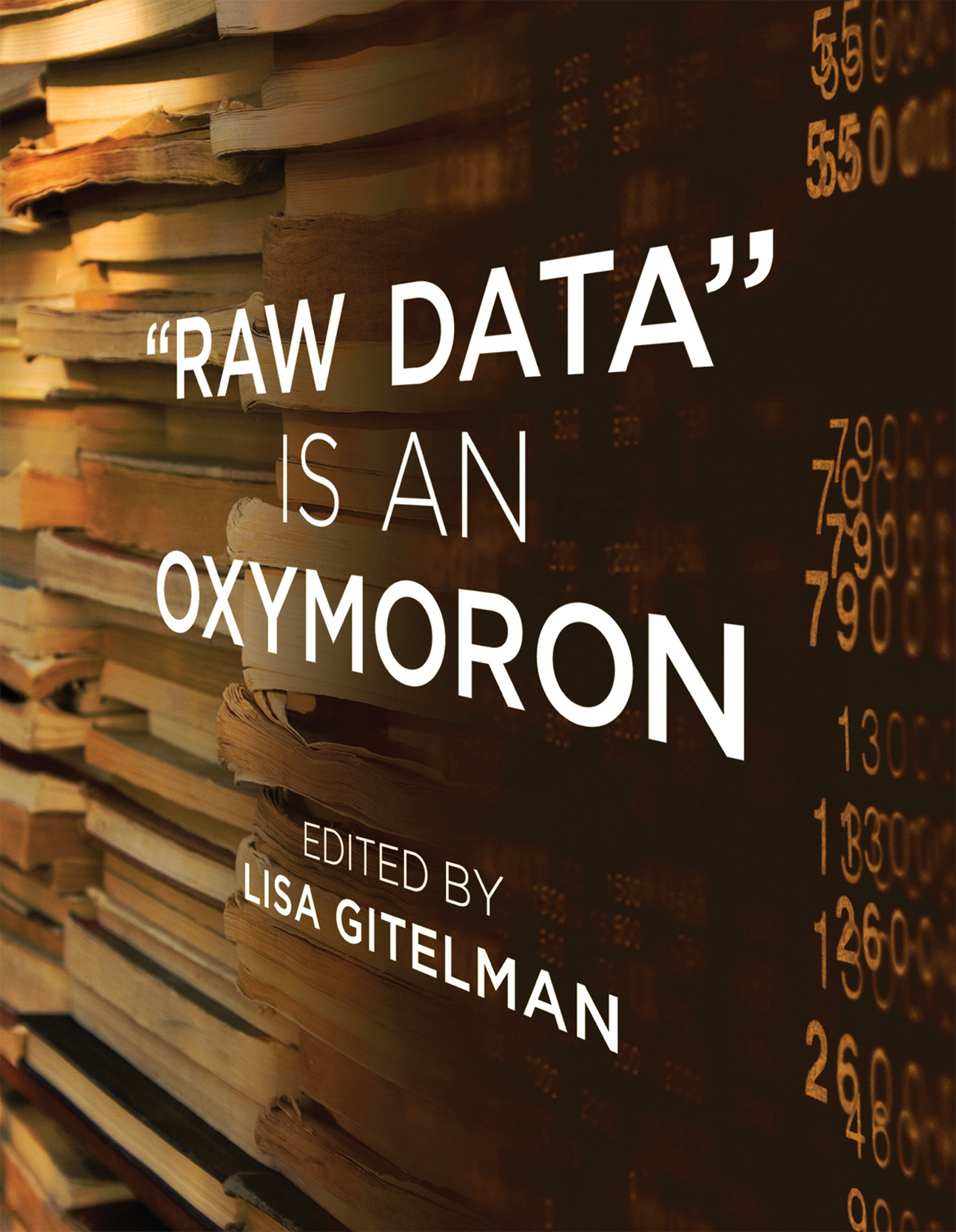
Raw Data Is an Oxymoron Episodes in the history of data, from early modern math problems to today's inescapable “dataveillance,” that demonstrate the dependence of data on culture. We live in the era of Big Data, with storage and transmission capacity measured not just in terabytes but in petabytes (where peta- denotes a quadrillion, or a thousand trillion). Data collection is constant and even insidious, with every click and every “like” stored somewhere for something. This book reminds us that data is anything but “raw,” that we shouldn't think of data as a natural resource but as a cultural one that needs to be generated, protected, and interpreted. The book's essays describe eight episodes in the history of data from the predigital to the digital. Together they address such issues as the ways that different kinds of data and different domains of inquiry are mutually defining; how data are variously “cooked” in the processes of their collection and use; and conflicts over what can—or can't—be “reduced” to data. Contributors discuss the intellectual history of data as a concept; describe early financial modeling and some unusual sources for astronomical data; discover the prehistory of the database in newspaper clippings and index cards; and consider contemporary “dataveillance” of our online habits as well as the complexity of scientific data curation. Essay Authors Geoffrey C. Bowker, Kevin R. Brine, Ellen Gruber Garvey, Lisa Gitelman, Steven J. Jackson, Virginia Jackson, Markus Krajewski, Mary Poovey, Rita Raley, David Ribes, Daniel Rosenberg, Matthew Stanley, Travis D. Williams TECHNOLOGY & ENGINEERING,History
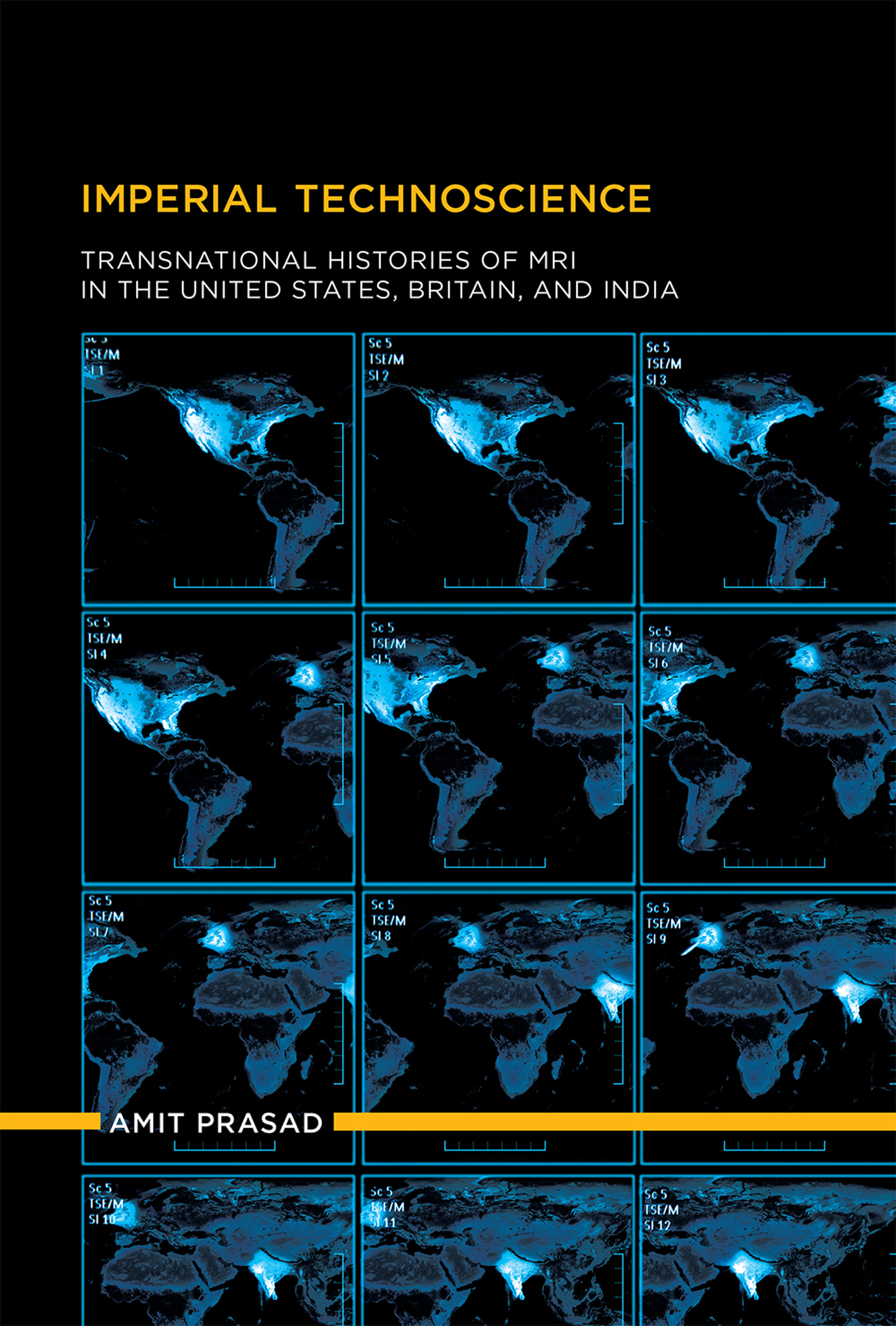
Imperial Technoscience A study of science and technology practices that shows how even emergent aspects of research and development remain entangled with established hierarchies. In the last four decades, during which magnetic resonance imaging (MRI) has emerged as a cutting-edge medical technology and a cultural icon, technoscientific imaginaries and practices have undergone a profound change across the globe. Shifting transnational geography of tecchnoscientific innovations is making commonly deployed Euro/West-centric divides such as west versus non-west or “innovating north” versus “non-innovating south” increasingly untenable—the world is indeed becoming flatter. Nevertheless, such dualist divides, which are intimately tied to other dualist categories that have been used to describe scientific knowledge and practice, continue to undergird analyses and imaginaries of transnational technoscience. Imperial Technoscience puts into broad relief the ambivalent and contradictory folding of Euro/west-centrism with emergent features of technoscience. It argues, Euro/West-centric historicism, and resulting over-determinations, not only hide the vibrant, albeit hierarchical, transnational histories of technoscience, but also tell us little about shifting geography of technoscientific innovations. The book utilizes a deconstructive-empirical approach to explore “entangled” histories of MRI across disciplines (physics, chemistry, medicine, etc.), institutions (university, hospitals, industry, etc.), and nations (United States, Britain, and India). Entangled histories of MRI, it shows, better explain emergence and consolidation of particular technoscientific trajectories and shifts in transnational geography of science and technology (e.g. centers and peripheries). TECHNOLOGY & ENGINEERING,History
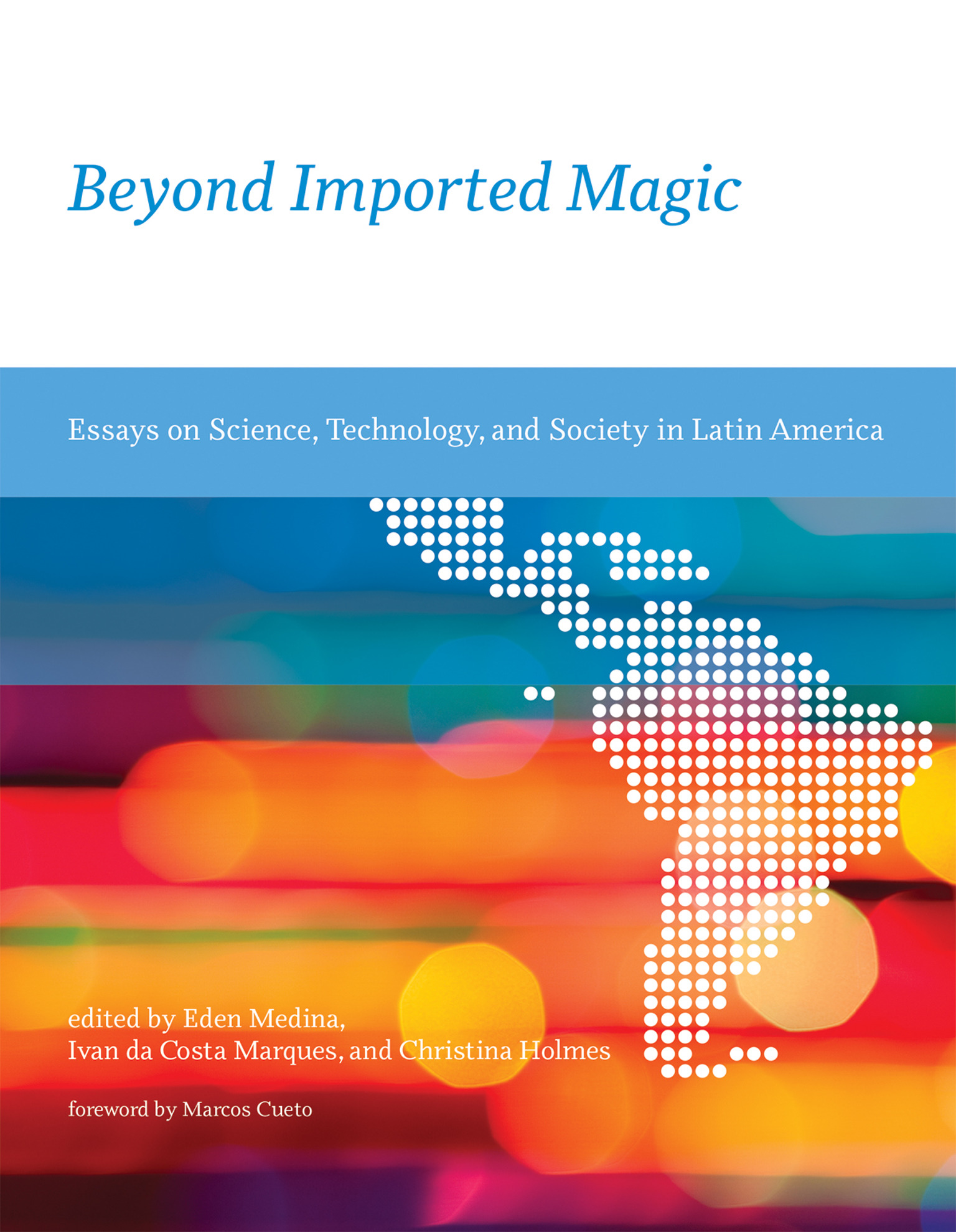
Beyond Imported Magic Studies challenging the idea that technology and science flow only from global North to South. The essays in this volume study the creation, adaptation, and use of science and technology in Latin America. They challenge the view that scientific ideas and technology travel unchanged from the global North to the global South—the view of technology as “imported magic.” They describe not only alternate pathways for innovation, invention, and discovery but also how ideas and technologies circulate in Latin American contexts and transnationally. The contributors' explorations of these issues, and their examination of specific Latin American experiences with science and technology, offer a broader, more nuanced understanding of how science, technology, politics, and power interact in the past and present. The essays in this book use methods from history and the social sciences to investigate forms of local creation and use of technologies; the circulation of ideas, people, and artifacts in local and global networks; and hybrid technologies and forms of knowledge production. They address such topics as the work of female forensic geneticists in Colombia; the pioneering Argentinean use of fingerprinting technology in the late nineteenth century; the design, use, and meaning of the XO Laptops created and distributed by the One Laptop per Child Program; and the development of nuclear energy in Argentina, Mexico, and Chile. Contributors Pedro Ignacio Alonso, Morgan G. Ames, Javiera Barandiarán, João Biehl, Anita Say Chan, Amy Cox Hall, Henrique Cukierman, Ana Delgado, Rafael Dias, Adriana Díaz del Castillo H., Mariano Fressoli, Jonathan Hagood, Christina Holmes, Matthieu Hubert, Noela Invernizzi, Michael Lemon, Ivan da Costa Marques, Gisela Mateos, Eden Medina, María Fernanda Olarte Sierra, Hugo Palmarola, Tania Pérez-Bustos, Julia Rodriguez, Israel Rodríguez-Giralt, Edna Suárez Díaz, Hernán Thomas, Manuel Tironi, Dominique Vinck TECHNOLOGY & ENGINEERING,History
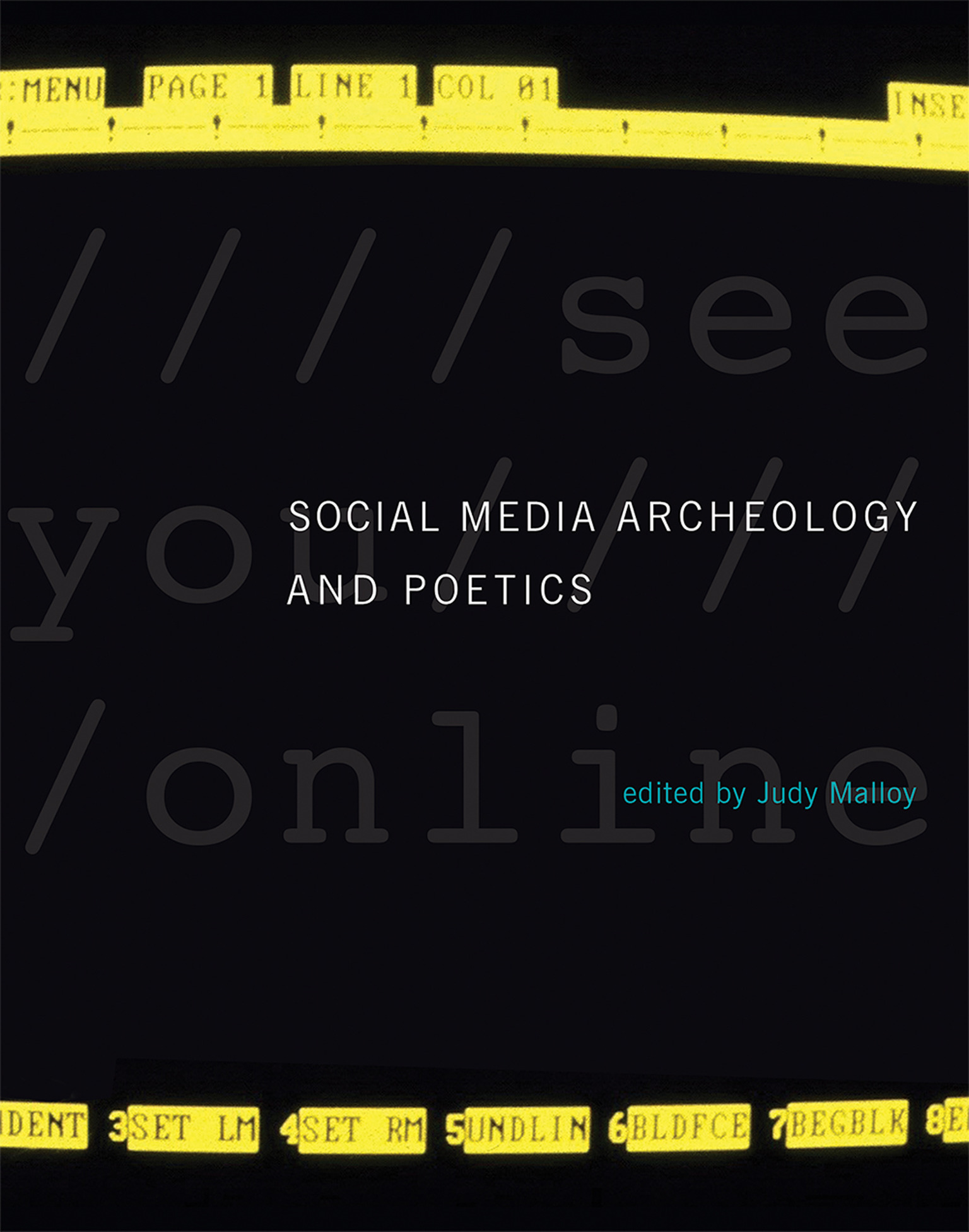
Social Media Archeology and Poetics First person accounts by pioneers in the field, classic essays, and new scholarship document the collaborative and creative practices of early social media. Focusing on early social media in the arts and humanities and on the core role of creative computer scientists, artists, and scholars in shaping the pre-Web social media landscape, Social Media Archeology and Poetics documents social media lineage, beginning in the 1970s with collaborative ARPANET research, Community Memory, PLATO, Minitel, and ARTEX and continuing into the 1980s and beyond with the Electronic Café, Art Com Electronic Network, Arts Wire, The THING, and many more. With first person accounts from pioneers in the field, as well as papers by artists, scholars, and curators, Social Media Archeology and Poetics documents how these platforms were vital components of early social networking and important in the development of new media and electronic literature. It describes platforms that allowed artists and musicians to share and publish their work, community networking diversity, and the creation of footholds for the arts and humanities online. And it invites comparisons of social media in the past and present, asking: What can we learn from early social media that will inspire us to envision a greater cultural presence on contemporary social media? Contributors Madeline Gonzalez Allen, James Blustein, Hank Bull, Annick Bureaud, J. R. Carpenter, Paul E. Ceruzzi, Anna Couey, Amanda McDonald Crowley, Steve Dietz, Judith Donath, Steven Durland, Lee Felsenstein, Susanne Gerber, Ann-Barbara Graff, Dene Grigar, Stacy Horn, Antoinette LaFarge, Deena Larsen, Gary O. Larson, Alan Liu, Geert Lovink, Richard Lowenberg, Judy Malloy, Scott McPhee, Julianne Nyhan, Howard Rheingold, Randy Ross, Wolfgang Staehle, Fred Truck, Rob Wittig, David R. Woolley TECHNOLOGY & ENGINEERING,History

The Chinese Typewriter How Chinese characters triumphed over the QWERTY keyboard and laid the foundation for China's information technology successes today. Chinese writing is character based, the one major world script that is neither alphabetic nor syllabic. Through the years, the Chinese written language encountered presumed alphabetic universalism in the form of Morse Code, Braille, stenography, Linotype, punch cards, word processing, and other systems developed with the Latin alphabet in mind. This book is about those encounters—in particular thousands of Chinese characters versus the typewriter and its QWERTY keyboard. Thomas Mullaney describes a fascinating series of experiments, prototypes, failures, and successes in the century-long quest for a workable Chinese typewriter. The earliest Chinese typewriters, Mullaney tells us, were figments of popular imagination, sensational accounts of twelve-foot keyboards with 5,000 keys. One of the first Chinese typewriters actually constructed was invented by a Christian missionary, who organized characters by common usage (but promoted the less-common characters for “Jesus" to the common usage level). Later came typewriters manufactured for use in Chinese offices, and typewriting schools that turned out trained “typewriter girls” and “typewriter boys.” Still later was the “Double Pigeon” typewriter produced by the Shanghai Calculator and Typewriter Factory, the typewriter of choice under Mao. Clerks and secretaries in this era experimented with alternative ways of organizing characters on their tray beds, inventing an input method that was the first instance of “predictive text.” Today, after more than a century of resistance against the alphabetic, not only have Chinese characters prevailed, they form the linguistic substrate of the vibrant world of Chinese information technology. The Chinese Typewriter, not just an “object history” but grappling with broad questions of technological change and global communication, shows how this happened. A Study of the Weatherhead East Asian InstituteColumbia University TECHNOLOGY & ENGINEERING,History
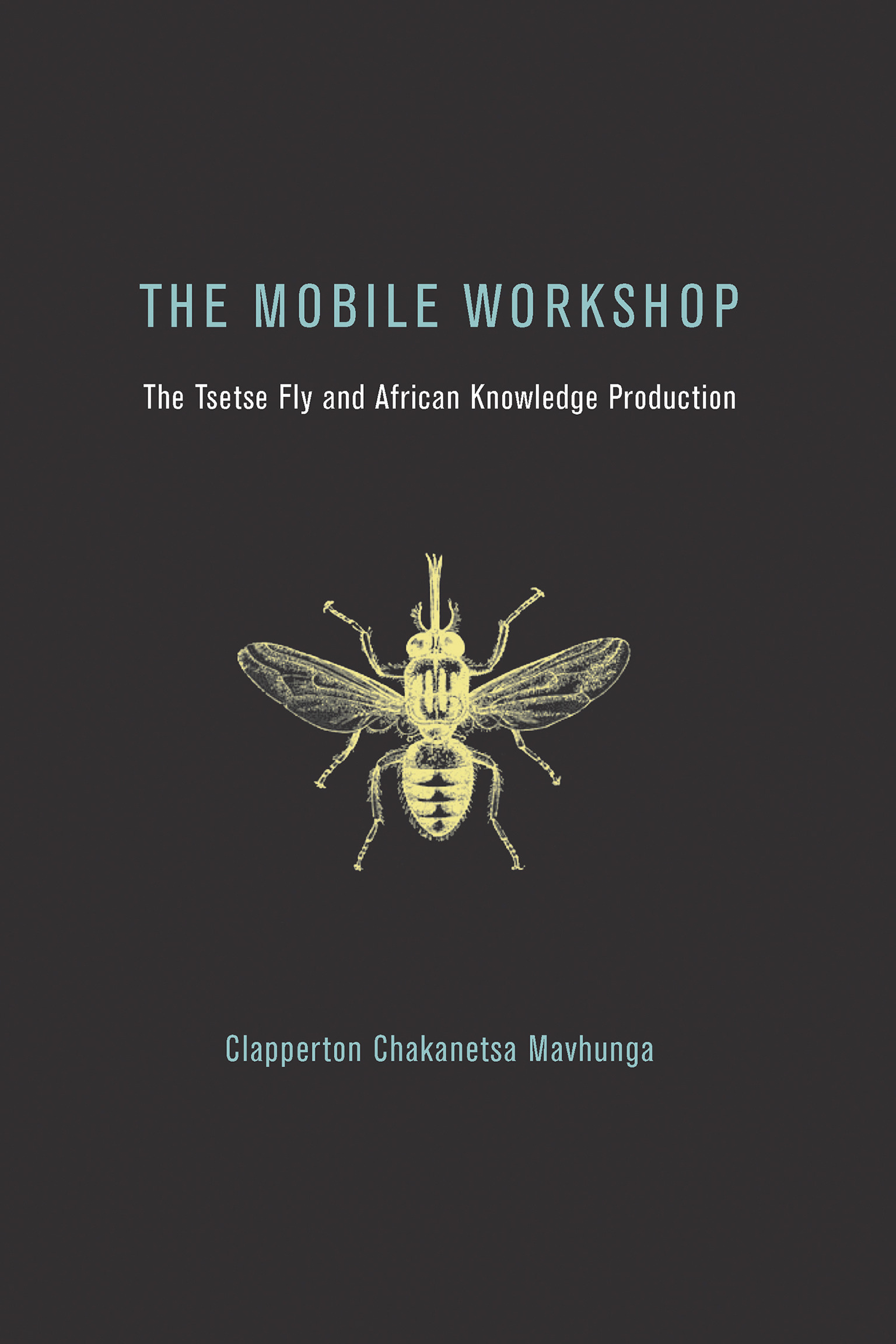
The Mobile Workshop How the presence of the tsetse fly turned the African forest into an open laboratory where African knowledge formed the basis of colonial tsetse control policies. The tsetse fly is a pan-African insect that bites an infective forest animal and ingests blood filled with invisible parasites, which it carries and transmits into cattle and people as it bites them, leading to n'gana (animal trypanosomiasis) and sleeping sickness. In The Mobile Workshop, Clapperton Chakanetsa Mavhunga examines how the presence of the tsetse fly turned the forests of Zimbabwe and southern Africa into an open laboratory where African knowledge formed the basis of colonial tsetse control policies. He traces the pestiferous work that an indefatigable, mobile insect does through its movements, and the work done by humans to control it. Mavhunga's account restores the central role not just of African labor but of African intellect in the production of knowledge about the tsetse fly. He describes how European colonizers built on and beyond this knowledge toward destructive and toxic methods, including cutting down entire forests, forced “prophylactic” resettlement, massive destruction of wild animals, and extensive spraying of organochlorine pesticides. Throughout, Mavhunga uses African terms to describe the African experience, taking vernacular concepts as starting points in writing a narrative of ruzivo (knowledge) rather than viewing Africa through foreign keywords. The tsetse fly became a site of knowledge production—a mobile workshop of pestilence. TECHNOLOGY & ENGINEERING,History
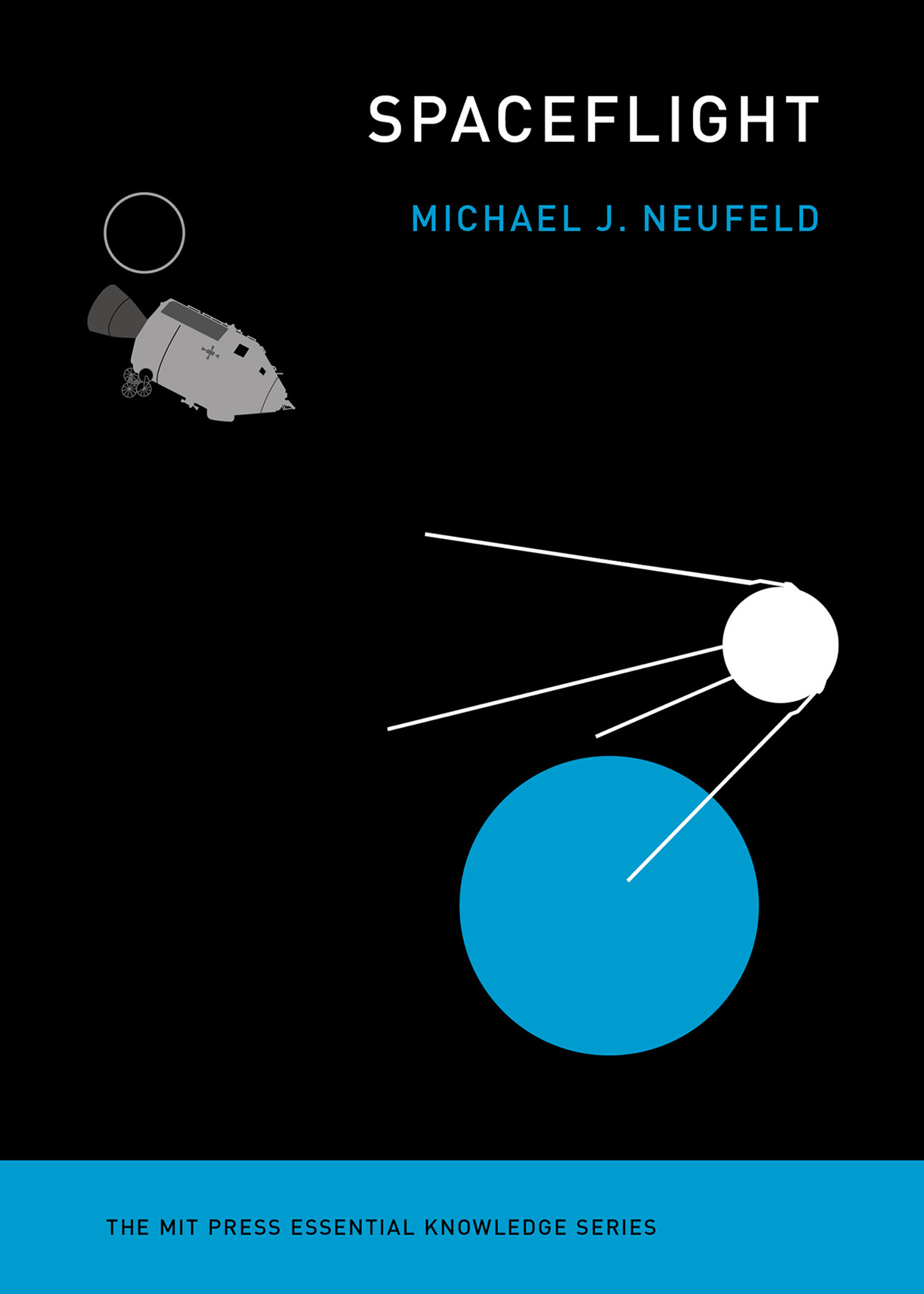
Spaceflight A concise history of spaceflight, from military rocketry through Sputnik, Apollo, robots in space, space culture, and human spaceflight today. Spaceflight is one of the greatest human achievements of the twentieth century. The Soviets launched Sputnik, the first satellite, in 1957; less than twelve years later, the American Apollo astronauts landed on the Moon. In this volume of the MIT Press Essential Knowledge series, Michael Neufeld offers a concise history of spaceflight, mapping the full spectrum of activities that humans have developed in space. Neufeld explains that “the space program” should not be equated only with human spaceflight. Since the 1960s, unmanned military and commercial spacecraft have been orbiting near the Earth, and robotic deep-space explorers have sent back stunning images of faraway planets. Neufeld begins with the origins of space ideas and the discovery that rocketry could be used for spaceflight. He then discusses the Soviet-U.S. Cold War space race and reminds us that NASA resisted adding female astronauts even after the Soviets sent the first female cosmonaut into orbit. He analyzes the two rationales for the Apollo program: prestige and scientific discovery (this last something of an afterthought). He describes the internationalization and privatization of human spaceflight after the Cold War, the cultural influence of space science fiction, including Star Trek and Star Wars, space tourism for the ultra-rich, and the popular desire to go into space. Whether we become a multiplanet species, as some predict, or continue to call Earth home, this book offers a useful primer. TECHNOLOGY & ENGINEERING,History

Bikes and Bloomers An illustrated history of the evolution of British women's cycle wear. The bicycle in Victorian Britain is often celebrated as a vehicle of women's liberation. Less noted is another critical technology with which women forged new and mobile public lives—cycle wear. This illustrated account of women's cycle wear from Goldsmiths Press brings together Victorian engineering and radical feminist invention to supply a missing chapter in the history of feminism. Despite its benefits, cycling was a material and ideological minefield for women. Conventional fashions were unworkable, with skirts catching in wheels and tangling in pedals. Yet wearing “rational” cycle wear could provoke verbal and sometimes physical abuse from those threatened by newly mobile women. Seeking a solution, pioneering women not only imagined, made, and wore radical new forms of cycle wear but also patented their inventive designs. The most remarkable of these were convertible costumes that enabled wearers to transform ordinary clothing into cycle wear. Drawing on in-depth archival research and inventive practice, Kat Jungnickel brings to life in rich detail the little-known stories of six inventors of the 1890s. Alice Bygrave, a dressmaker of Brixton, registered four patents for a skirt with a dual pulley system built into its seams. Julia Gill, a court dressmaker of Haverstock Hill, patented a skirt that drew material up the waist using a mechanism of rings or eyelets. Mary and Sarah Pease, sisters from York, patented a skirt that could be quickly converted into a fashionable high-collar cape. Henrietta Müller, a women's rights activist of Maidenhead, patented a three-part cycling suit with a concealed system of loops and buttons to elevate the skirt. And Mary Ann Ward, a gentlewoman of Bristol, patented the “Hyde Park Safety Skirt,” which gathered fabric at intervals using a series of side buttons on the skirt. Their unique contributions to cycling's past continue to shape urban life for contemporary mobile women. TECHNOLOGY & ENGINEERING,History
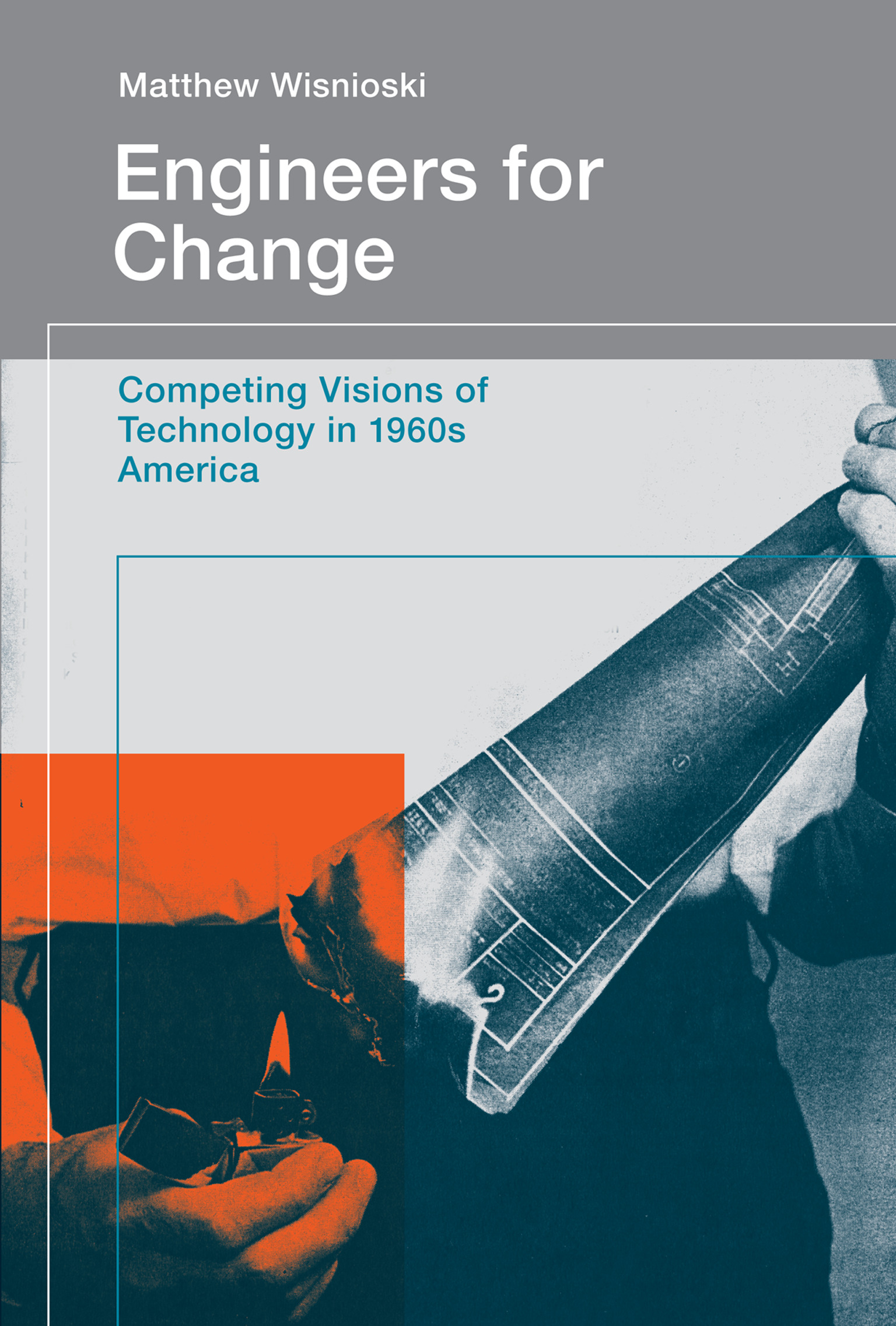
Engineers for Change An account of conflicts within engineering in the 1960s that helped shape our dominant contemporary understanding of technological change as the driver of history. In the late 1960s an eclectic group of engineers joined the antiwar and civil rights activists of the time in agitating for change. The engineers were fighting to remake their profession, challenging their fellow engineers to embrace a more humane vision of technology. In Engineers for Change, Matthew Wisnioski offers an account of this conflict within engineering, linking it to deep-seated assumptions about technology and American life. The postwar period in America saw a near-utopian belief in technology's beneficence. Beginning in the mid-1960s, however, society—influenced by the antitechnology writings of such thinkers as Jacques Ellul and Lewis Mumford—began to view technology in a more negative light. Engineers themselves were seen as conformist organization men propping up the military-industrial complex. A dissident minority of engineers offered critiques of their profession that appropriated concepts from technology's critics. These dissidents were criticized in turn by conservatives who regarded them as countercultural Luddites. And yet, as Wisnioski shows, the radical minority spurred the professional elite to promote a new understanding of technology as a rapidly accelerating force that our institutions are ill-equipped to handle. The negative consequences of technology spring from its very nature—and not from engineering's failures. “Sociotechnologists” were recruited to help society adjust to its technology. Wisnioski argues that in responding to the challenges posed by critics within their profession, engineers in the 1960s helped shape our dominant contemporary understanding of technological change as the driver of history. TECHNOLOGY & ENGINEERING,History
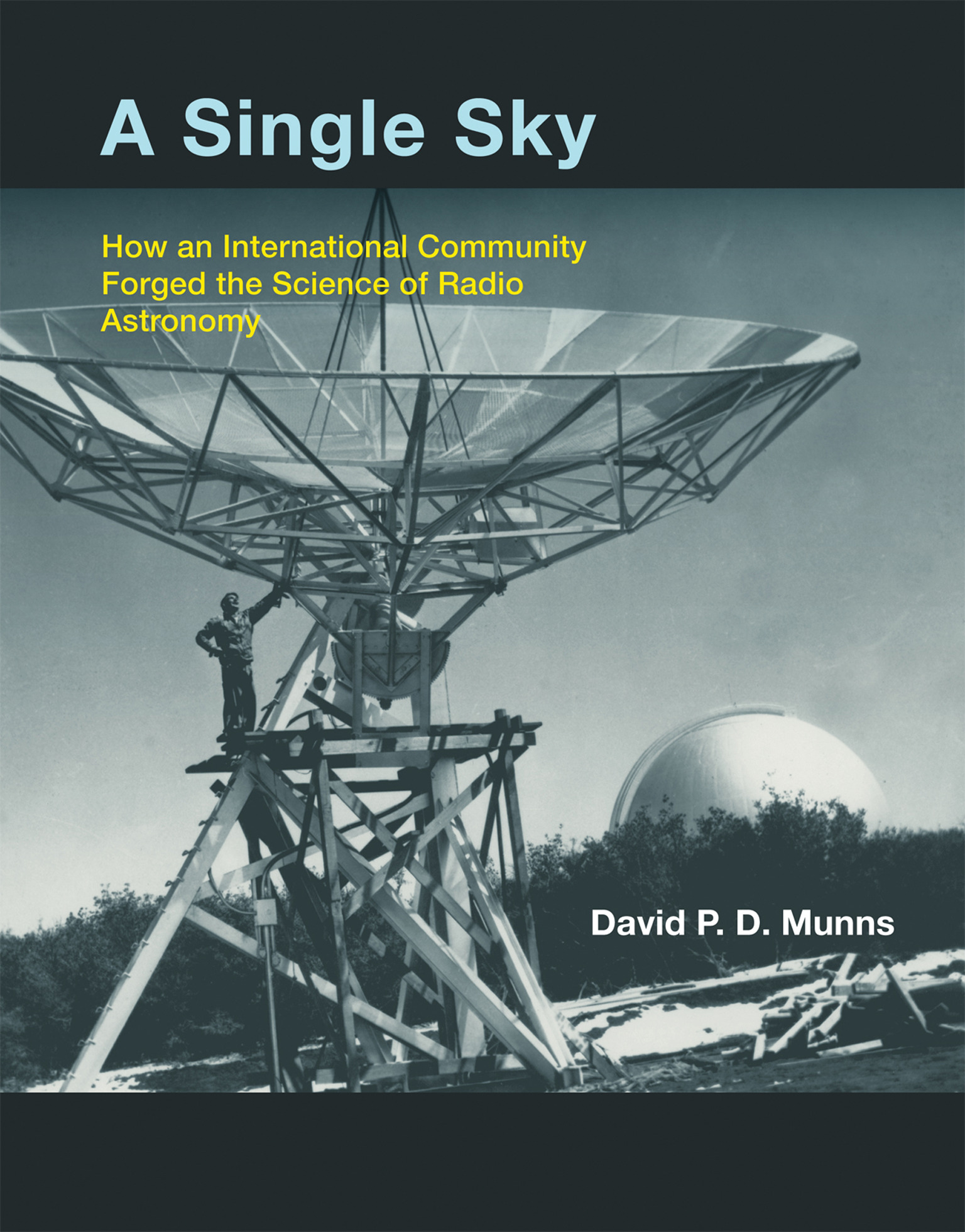
A Single Sky How radio astronomers challenged national borders, disciplinary boundaries, and the constraints of vision to create an international scientific community. For more than three thousand years, the science of astronomy depended on visible light. In just the last sixty years, radio technology has fundamentally altered how astronomers see the universe. Combining the wartime innovation of radar and the established standards of traditional optical telescopes, the “radio telescope” offered humanity a new vision of the universe. In A Single Sky, the historian David Munns explains how the idea of the radio telescope emerged from a new scientific community uniting the power of radio with the international aspirations of the discipline of astronomy. The radio astronomers challenged Cold War era rivalries by forging a united scientific community looking at a single sky. Munns tells the interconnecting stories of Australian, British, Dutch, and American radio astronomers, all seeking to learn how to see the universe by means of radio. Jointly, this international array of radio astronomers built a new “community” style of science opposing the “glamour” of nuclear physics. A Single Sky describes a communitarian style of science, a culture of interdisciplinary and international integration and cooperation, and counters the notion that recent science has been driven by competition. Collaboration, or what a prominent radio astronomer called “a blending of radio invention and astronomical insight,” produced a science as revolutionary as Galileo's first observations with a telescope. Working together, the community of radio astronomers revealed the structure of the galaxy. TECHNOLOGY & ENGINEERING,History

Beyond the Big Ditch A historical and ethnographic study of the conflict between global transportation and rural development as the two intersect at the Panama Canal. In this innovative book, Ashley Carse traces the water that flows into and out from the Panama Canal to explain how global shipping is entangled with Panama's cultural and physical landscapes. By following container ships as they travel downstream along maritime routes and tracing rivers upstream across the populated watershed that feeds the canal, he explores the politics of environmental management around a waterway that links faraway ports and markets to nearby farms, forests, cities, and rural communities. Carse draws on a wide range of ethnographic and archival material to show the social and ecological implications of transportation across Panama. The Canal moves ships over an aquatic staircase of locks that demand an enormous amount of fresh water from the surrounding region. Each passing ship drains 52 million gallons out to sea—a volume comparable to the daily water use of half a million Panamanians. Infrastructures like the Panama Canal, Carse argues, do not simply conquer nature; they rework ecologies in ways that serve specific political and economic priorities. Interweaving histories that range from the depopulation of the U.S. Canal Zone a century ago to road construction conflicts and water hyacinth invasions in canal waters, the book illuminates the human and nonhuman actors that have come together at the margins of the famous trade route. 2014 marks the 100th anniversary of the Panama Canal. Beyond the Big Ditch calls us to consider how infrastructures are materially embedded in place, producing environments with winners and losers. TECHNOLOGY & ENGINEERING,History
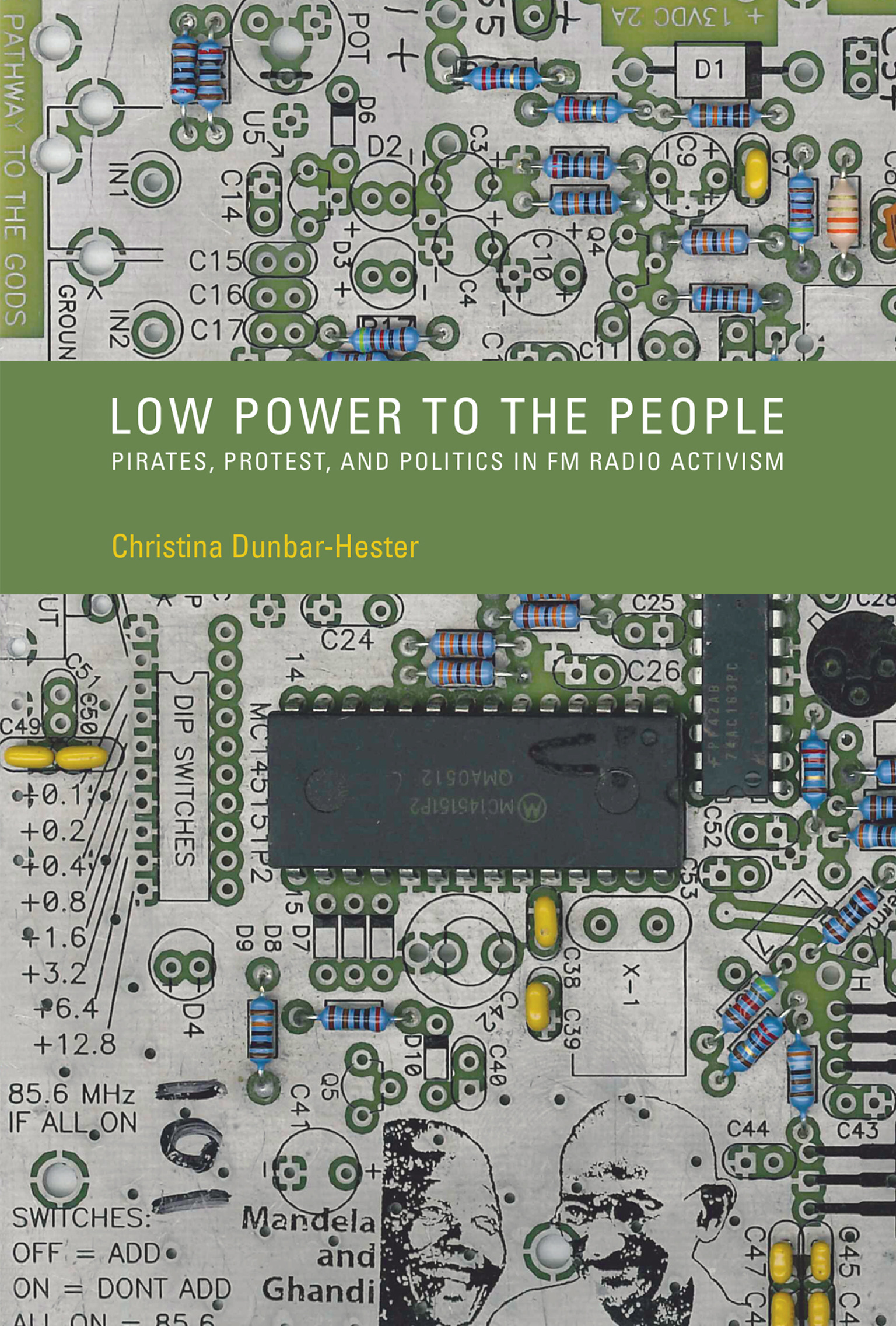
Low Power to the People An examination of how activists combine political advocacy and technical practice in their promotion of the emancipatory potential of local low-power FM radio. The United States ushered in a new era of small-scale broadcasting in 2000 when it began issuing low-power FM (LPFM) licenses for noncommercial radio stations around the country. Over the next decade, several hundred of these newly created low-wattage stations took to the airwaves. In Low Power to the People, Christina Dunbar-Hester describes the practices of an activist organization focused on LPFM during this era. Despite its origins as a pirate broadcasting collective, the group eventually shifted toward building and expanding regulatory access to new, licensed stations. These radio activists consciously cast radio as an alternative to digital utopianism, promoting an understanding of electronic media that emphasizes the local community rather than a global audience of Internet users. Dunbar-Hester focuses on how these radio activists impute emancipatory politics to the “old” medium of radio technology by promoting the idea that “microradio” broadcasting holds the potential to empower ordinary people at the local community level. The group's methods combine political advocacy with a rare commitment to hands-on technical work with radio hardware, although the activists' hands-on, inclusive ethos was hampered by persistent issues of race, class, and gender. Dunbar-Hester's study of activism around an “old” medium offers broader lessons about how political beliefs are expressed through engagement with specific technologies. It also offers insight into contemporary issues in media policy that is particularly timely as the FCC issues a new round of LPFM licenses. TECHNOLOGY & ENGINEERING,History
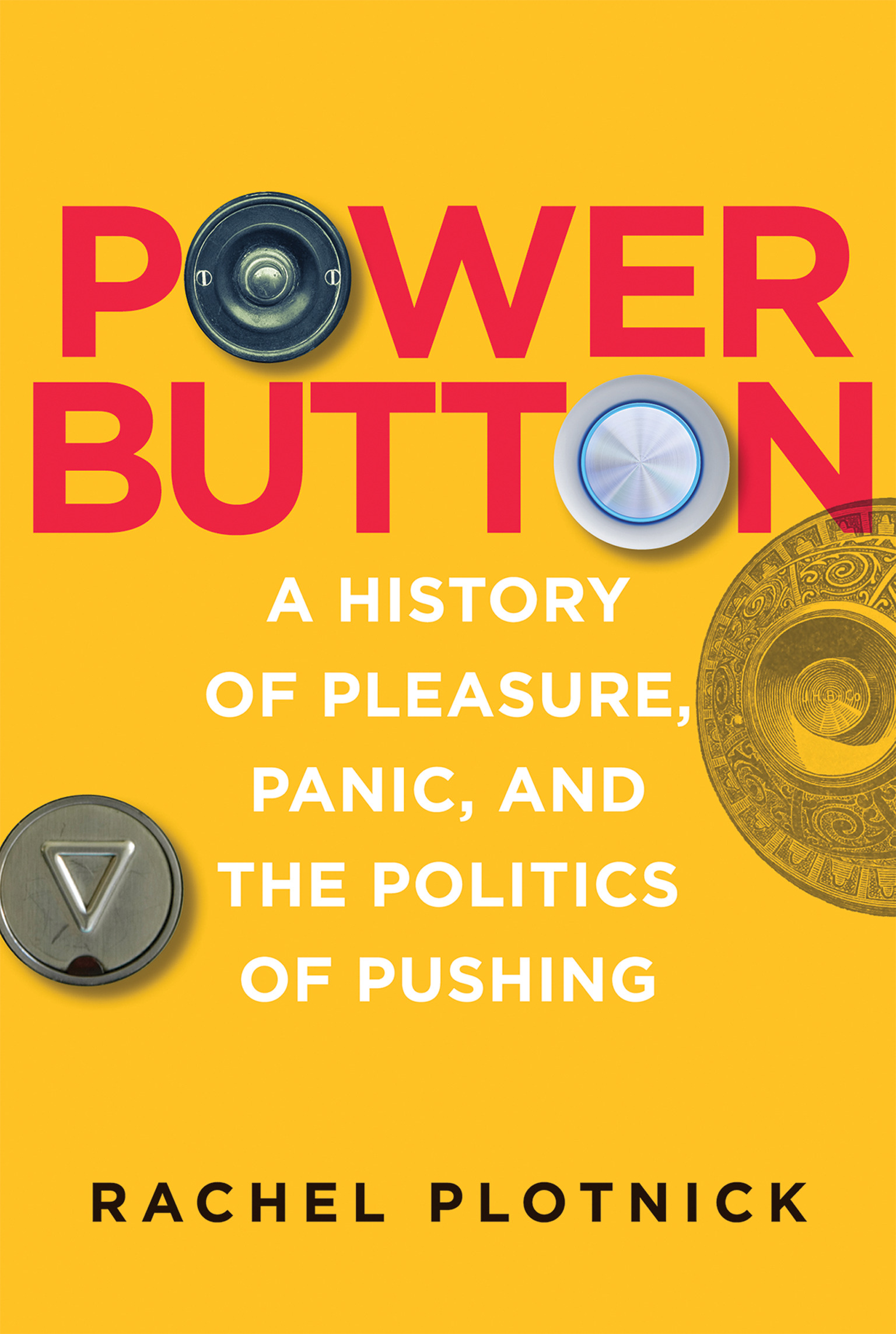
Power Button Push a button and turn on the television; tap a button and get a ride; click a button and “like” something. The touch of a finger can set an appliance, a car, or a system in motion, even if the user doesn't understand the underlying mechanisms or algorithms. How did buttons become so ubiquitous? Why do people love them, loathe them, and fear them? In Power Button, Rachel Plotnick traces the origins of today's push-button society by examining how buttons have been made, distributed, used, rejected, and refashioned throughout history. Focusing on the period between 1880 and 1925, when “technologies of the hand” proliferated (including typewriters, telegraphs, and fingerprinting), Plotnick describes the ways that button pushing became a means for digital command, which promised effortless, discreet, and fool-proof control. Emphasizing the doubly digital nature of button pushing—as an act of the finger and a binary activity (on/off, up/down)—Plotnick suggests that the tenets of precomputational digital command anticipate contemporary ideas of computer users.Plotnick discusses the uses of early push buttons to call servants, and the growing tensions between those who work with their hands and those who command with their fingers; automation as “automagic,” enabling command at a distance; instant gratification, and the victory of light over darkness; and early twentieth-century imaginings of a future push-button culture. Push buttons, Plotnick tells us, have demonstrated remarkable staying power, despite efforts to cast button pushers as lazy, privileged, and even dangerous. TECHNOLOGY & ENGINEERING,History

The Ethics of Invention We live in a world increasingly governed by technology—but to what end? Technology rules us as much as laws do. It shapes the legal, social, and ethical environments in which we act. Every time we cross a street, drive a car, or go to the doctor, we submit to the silent power of technology. Yet, much of the time, the influence of technology on our lives goes unchallenged by citizens and our elected representatives. In The Ethics of Invention, renowned scholar Sheila Jasanoff dissects the ways in which we delegate power to technological systems and asks how we might regain control. Our embrace of novel technological pathways, Jasanoff shows, leads to a complex interplay among technology, ethics, and human rights. Inventions like pesticides or GMOs can reduce hunger but can also cause unexpected harm to people and the environment. Often, as in the case of CFCs creating a hole in the ozone layer, it takes decades before we even realize that any damage has been done. Advances in biotechnology, from GMOs to gene editing, have given us tools to tinker with life itself, leading some to worry that human dignity and even human nature are under threat. But despite many reasons for caution, we continue to march heedlessly into ethically troubled waters. As Jasanoff ranges across these and other themes, she challenges the common assumption that technology is an apolitical and amoral force. Technology, she masterfully demonstrates, can warp the meaning of democracy and citizenship unless we carefully consider how to direct its power rather than let ourselves be shaped by it. The Ethics of Invention makes a bold argument for a future in which societies work together—in open, democratic dialogue—to debate not only the perils but even more the promises of technology. TECHNOLOGY & ENGINEERING,History
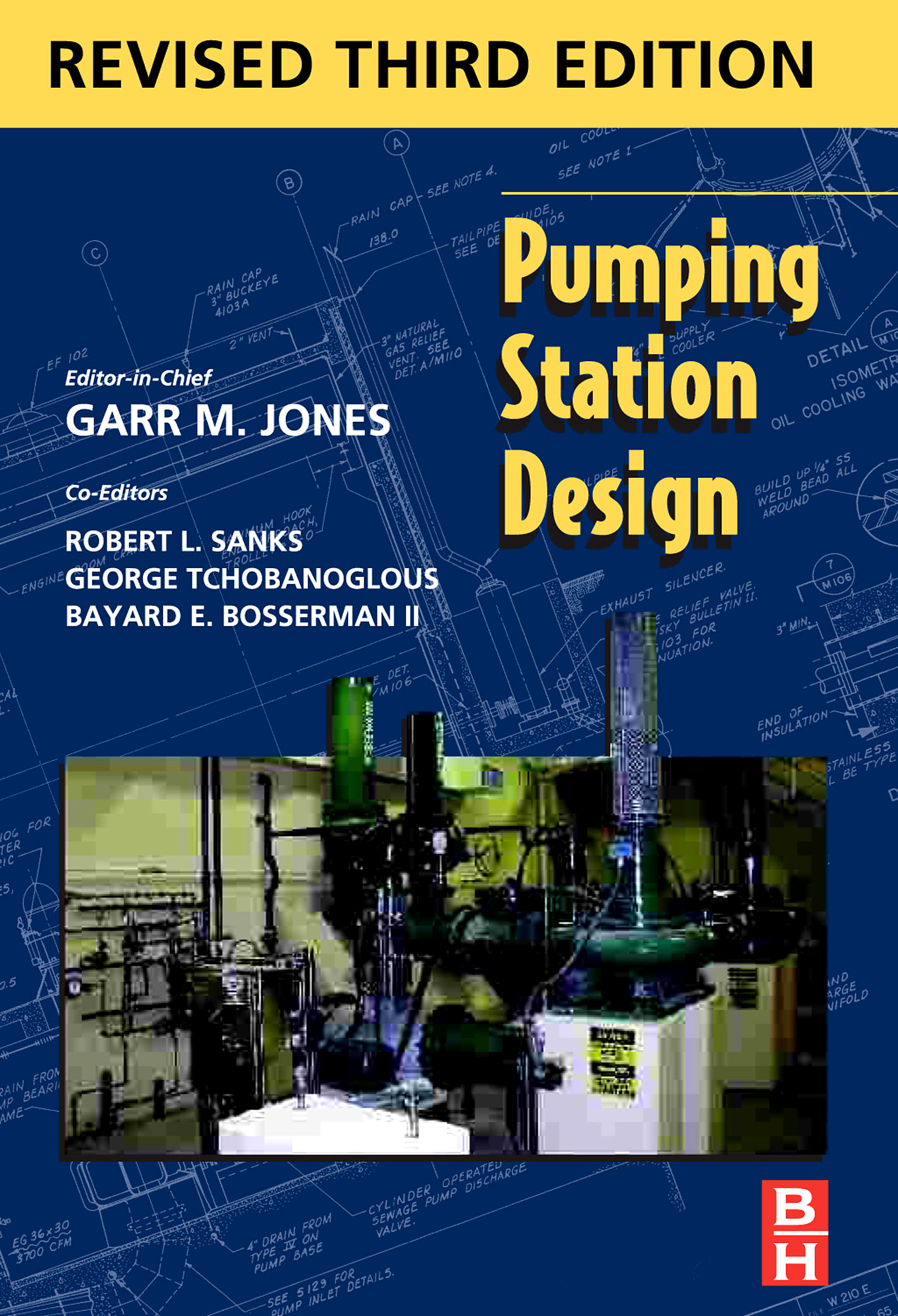
Pumping Station Design Pumping Station Design, 3e is an essential reference for all professionals. From the expert city engineer to the new design officer, this book assists those who need to apply the fundamentals of various disciplines and subjects in order to produce a well-integrated pumping station that is reliable, easy to operate and maintain, and free from design mistakes. The depth of experience and expertise of the authors, contributors, and peers reviewing the content as well as the breadth of information in this book is unparalleled, making this the only book of its kind. An award-winning reference work that has become THE standard in the field Dispenses expert information on how to produce a well-integrated pumping station that will be reliable, easy to operate and maintain, and free from design mistakes 60% of the material has been updated to reflect current standards and changes in practice since the book was last published in 1998 New material added to this edition includes: the latest design information, the use of computers for pump selection, extensive references to Hydraulic Institute Standards and much more! TECHNOLOGY & ENGINEERING,Hydraulics

Hydraulics in Civil and Environmental Engineering Now in its fifth edition, Hydraulics in Civil and Environmental Engineering combines thorough coverage of the basic principles of civil engineering hydraulics with wide-ranging treatment of practical, real-world applications. This classic text is carefully structured into two parts to address principles before moving on to more advanced topics. The first part focuses on fundamentals, including hydrostatics, hydrodynamics, pipe and open channel flow, wave theory, physical modeling, hydrology, and sediment transport. The second part illustrates the engineering applications of these fundamental principles to pipeline system design; hydraulic structures; and river, canal, and coastal engineering—including up-to-date environmental implications. A chapter on computational hydraulics demonstrates the application of computational simulation techniques to modern design in a variety of contexts. What’s New in This Edition Substantive revisions of the chapters on hydraulic machines, flood hydrology, and computational modeling New material added to the chapters on hydrostatics, principles of fluid flow, behavior of real fluids, open channel flow, pressure surge in pipelines, wave theory, sediment transport, river engineering, and coastal engineering The latest recommendations on climate change predictions, impacts, and adaptation measures Updated references Hydraulics in Civil and Environmental Engineering, Fifth Edition is an essential resource for students and practitioners of civil, environmental, and public health engineering and associated disciplines. It is comprehensive, fully illustrated, and contains many worked examples. Spreadsheets and useful links to other web pages are available on an accompanying website, and a solutions manual is available to lecturers. TECHNOLOGY & ENGINEERING,Hydraulics

Fluid Mechanics Fluid Mechanics, Second Edition deals with fluid mechanics, that is, the theory of the motion of liquids and gases. Topics covered range from ideal fluids and viscous fluids to turbulence, boundary layers, thermal conduction, and diffusion. Surface phenomena, sound, and shock waves are also discussed, along with gas flow, combustion, superfluids, and relativistic fluid dynamics. This book is comprised of 16 chapters and begins with an overview of the fundamental equations of fluid dynamics, including Euler's equation and Bernoulli's equation. The reader is then introduced to the equations of motion of a viscous fluid; energy dissipation in an incompressible fluid; damping of gravity waves; and the mechanism whereby turbulence occurs. The following chapters explore the laminar boundary layer; thermal conduction in fluids; dynamics of diffusion of a mixture of fluids; and the phenomena that occur near the surface separating two continuous media. The energy and momentum of sound waves; the direction of variation of quantities in a shock wave; one- and two-dimensional gas flow; and the intersection of surfaces of discontinuity are also also considered. This monograph will be of interest to theoretical physicists. TECHNOLOGY & ENGINEERING,Hydraulics

Offshore Electrical Engineering Manual Offshore Electrical Engineering Manual, Second Edition, is for electrical engineers working on offshore projects who require detailed knowledge of an array of equipment and power distribution systems. The book begins with coverage of different types of insulation, hot-spot temperatures, temperature rise, ambient air temperatures, basis of machine ratings, method of measurement of temperature rise by resistance, measurement of ambient air temperature. This is followed by coverage of AC generators, automatic voltage regulators, AC switchgear transformers, and programmable electronic systems. The emphasis throughout is on practical, ready-to-apply techniques that yield immediate and cost-effective benefits. The majority of the systems covered in the book operate at a nominal voltage of 24 y dc and, although it is not necessary for each of the systems to have separate battery and battery charger systems, the grouping criteria require more detailed discussion. The book also provides information on equipment such as dual chargers and batteries for certain vital systems, switchgear tripping/closing, and engine start batteries which are dedicated to the equipment they supply. In the case of engines which drive fire pumps, duplicate charges and batteries are also required. Packed with charts, tables, and diagrams, this work is intended to be of interest to both technical readers and to general readers. It covers electrical engineering in offshore situations, with much of the information gained in the North Sea. Some topics covered are offshore power requirements, generator selection, process drivers and starting requirements, control and monitoring systems, and cabling and equipment installation Discusses how to perform inspections of electrical and instrument systems on equipment using appropriate regulations and specifications Explains how to ensure electrical systems/components are maintained and production is uninterrupted Demonstrates how to repair, modify, and install electrical instruments ensuring compliance with current regulations and specifications Covers specification, management, and technical evaluation of offshore electrical system design Features evaluation and optimization of electrical system options including DC/AC selection and offshore cabling designs TECHNOLOGY & ENGINEERING,Hydraulics
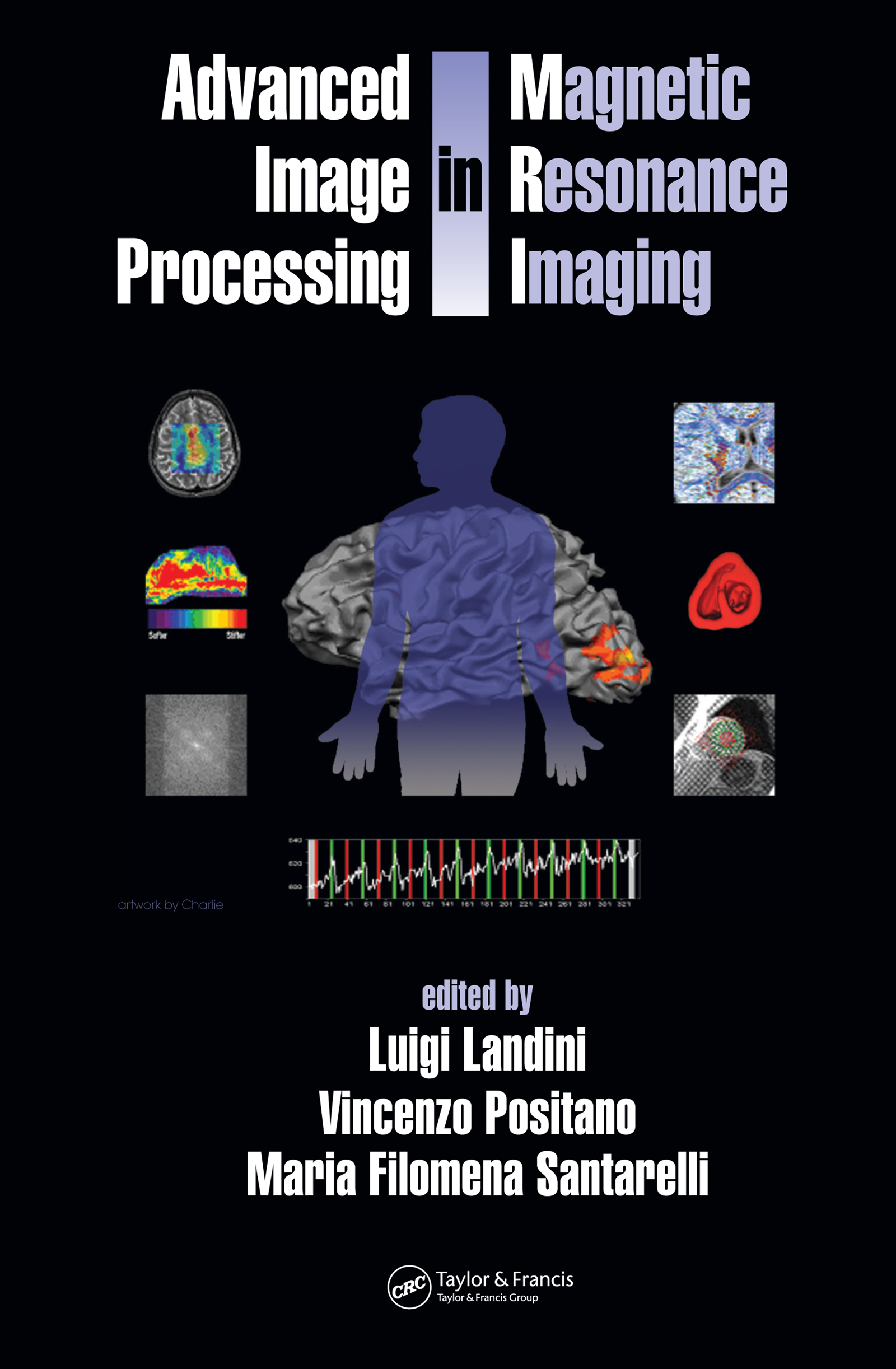
Advanced Image Processing in Magnetic Resonance Imaging The popularity of magnetic resonance (MR) imaging in medicine is no mystery: it is non-invasive, it produces high quality structural and functional image data, and it is very versatile and flexible. Research into MR technology is advancing at a blistering pace, and modern engineers must keep up with the latest developments. This is only possible with a firm grounding in the basic principles of MR, and Advanced Image Processing in Magnetic Resonance Imaging solidly integrates this foundational knowledge with the latest advances in the field. Beginning with the basics of signal and image generation and reconstruction, the book covers in detail the signal processing techniques and algorithms, filtering techniques for MR images, quantitative analysis including image registration and integration of EEG and MEG techniques with MR, and MR spectroscopy techniques. The final section of the book explores functional MRI (fMRI) in detail, discussing fundamentals and advanced exploratory data analysis, Bayesian inference, and nonlinear analysis. Many of the results presented in the book are derived from the contributors' own work, imparting highly practical experience through experimental and numerical methods. Contributed by international experts at the forefront of the field, Advanced Image Processing in Magnetic Resonance Imaging is an indispensable guide for anyone interested in further advancing the technology and capabilities of MR imaging. TECHNOLOGY & ENGINEERING,Imaging Systems

Inverse Synthetic Aperture Radar Imaging With MATLAB Algorithms This book provides a full representation of Inverse Synthetic Aperture Radar (ISAR) imagery, which is a popular and important radar signal processing tool. The book covers all possible aspects of ISAR imaging. The book offers a fair amount of signal processing techniques and radar basics before introducing the inverse problem of ISAR and the forward problem of Synthetic Aperture Radar (SAR). Important concepts of SAR such as resolution, pulse compression and image formation are given together with associated MATLAB codes. After providing the fundamentals for ISAR imaging, the book gives the detailed imaging procedures for ISAR imaging with associated MATLAB functions and codes. To enhance the image quality in ISAR imaging, several imaging tricks and fine-tuning procedures such as zero-padding and windowing are also presented. Finally, various real applications of ISAR imagery, like imaging the antenna-platform scattering, are given in a separate chapter. For all these algorithms, MATLAB codes and figures are included. The final chapter considers advanced concepts and trends in ISAR imaging. TECHNOLOGY & ENGINEERING,Imaging Systems
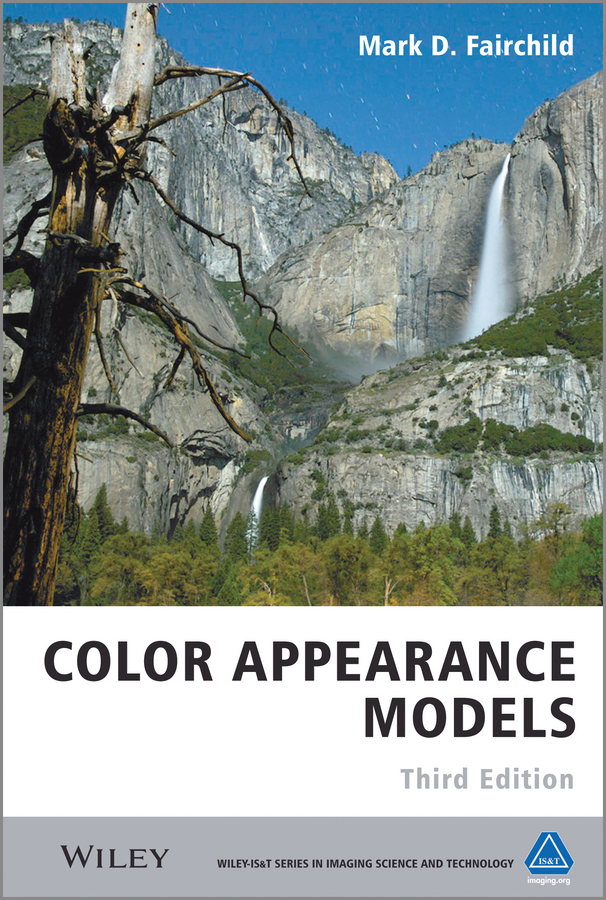
Color Appearance Models The essential resource for readers needing to understand visual perception and for those trying to produce, reproduce and measure color appearance in various applications such as imaging, entertainment, materials, design, architecture and lighting. This book builds upon the success of previous editions, and will continue to serve the needs of those professionals working in the field to solve practical problems or looking for background for on-going research projects. It would also act as a good course text for senior undergraduates and postgraduates studying color science. The 3rd Edition of Color Appearance Models contains numerous new and expanded sections providing an updated review of color appearance and includes many of the most widely used models to date, ensuring its continued success as the comprehensive resource on color appearance models. Key features: Presents the fundamental concepts and phenomena of color appearance (what objects look like in typical viewing situations) and practical techniques to measure, model and predict those appearances. Includes the clear explanation of fundamental concepts that makes the implementation of mathematical models very easy to understand. Explains many different types of models, and offers a clear context for the models, their use, and future directions in the field. TECHNOLOGY & ENGINEERING,Imaging Systems

Image Processing with MATLAB Image Processing with MATLAB®: Applications in Medicine and Biology explains complex, theory-laden topics in image processing through examples and MATLAB® algorithms. It describes classical as well emerging areas in image processing and analysis. Providing many unique MATLAB codes and functions throughout, the book covers the theory of probability and statistics, two-dimensional fast Fourier transform, nonlinear diffusion filtering, and partial differential equation (PDE)-based image denoising techniques. It presents intensity-based image segmentation methods, including thresholding techniques as well as K-means and fuzzy C-means clustering techniques. The authors also explore Markov random field (MRF)-based image segmentation, boundary and curvature analysis methods, and parametric and geometric deformable models. The final chapters focus on three specific applications of image processing and analysis. Reducing the need for the trial-and-error way of solving problems, this book helps readers understand advanced concepts by applying algorithms to real-world problems in medicine and biology. A solutions manual is available for instructoes wishing to convert this reference to classroom use. TECHNOLOGY & ENGINEERING,Imaging Systems
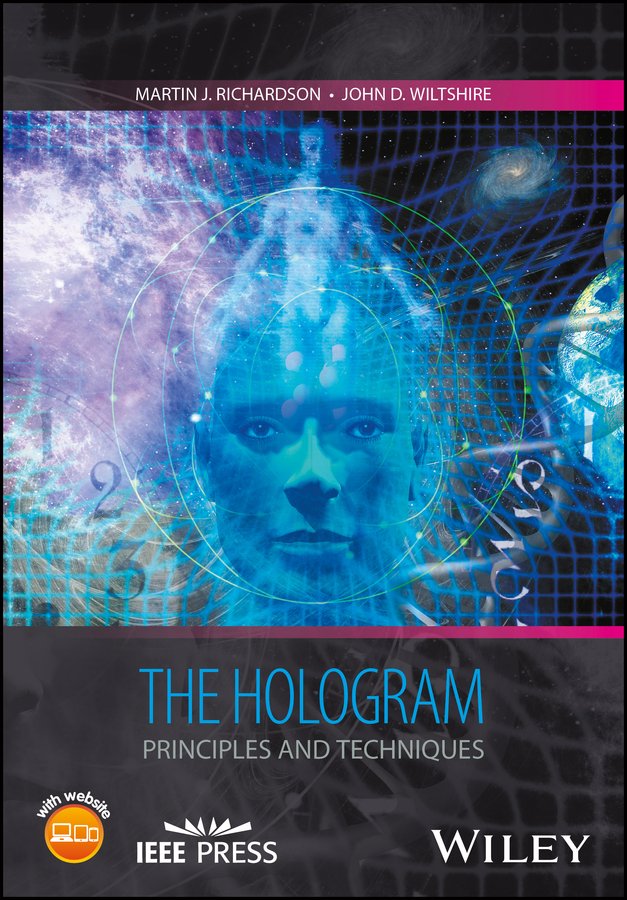
The Hologram The practical and comprehensive guide to the creation and application of holograms Written by Martin Richardson (an acclaimed leader and pioneer in the field) and John Wiltshire, The Hologram: Principles and Techniques is an important book that explores the various types of hologram in their multiple forms and explains how to create and apply the technology. The authors offer an insightful overview of the currently available recording materials, chemical formulas, and laser technology that includes the history of phase imaging and laser science. Accessible and comprehensive, the text contains a step-by-step guide to the production of holograms. In addition, The Hologram outlines the most common problems encountered in producing satisfactory images in the laboratory, as well as dealing with the wide range of optical and chemical techniques used in commercial holography. The Hologram is a well-designed instructive tool, involving three distinct disciplines: physics, chemistry, and graphic arts. This vital resource offers a guide to the development and understanding of the recording of materials, optics and processing chemistry in holography and: • Discusses the pros and cons of the currently available recording materials • Provides tutorials on the types of lasers required and optical systems, as well as diffraction theory and wave front reconstruction • Details the chemical formulations for processing techniques Researchers and technicians working in academia and those employed in commercial laboratories on the production of holograms as well as students of the sciences will find The Hologram to be a comprehensive and effective resource. TECHNOLOGY & ENGINEERING,Imaging Systems
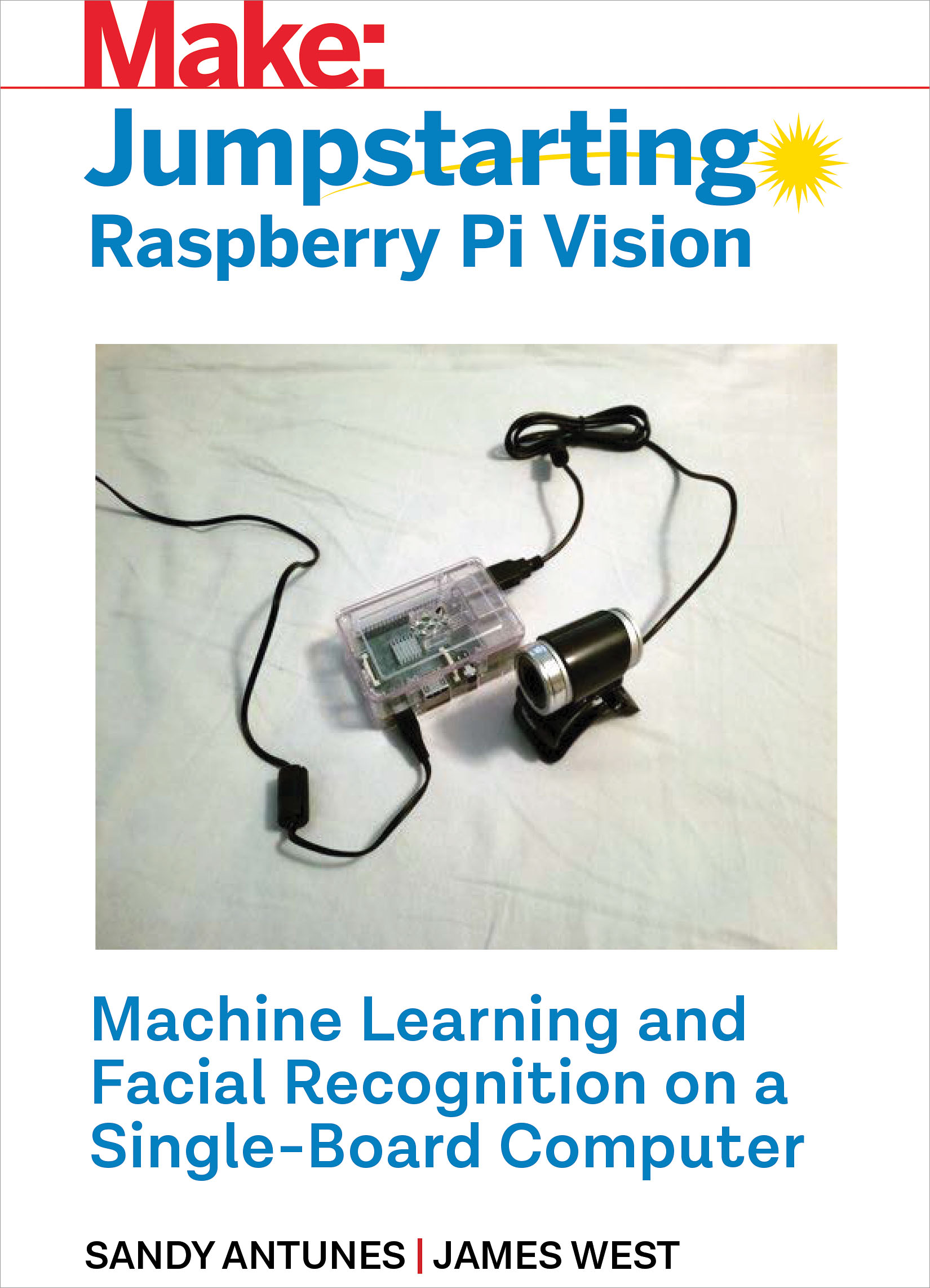
Jumpstarting Raspberry Pi Vision Learn how to teach a Single Board Computer like a Raspberry Pi to recognize individual faces, using the latest Machine Learning techniques. TECHNOLOGY & ENGINEERING,Imaging Systems
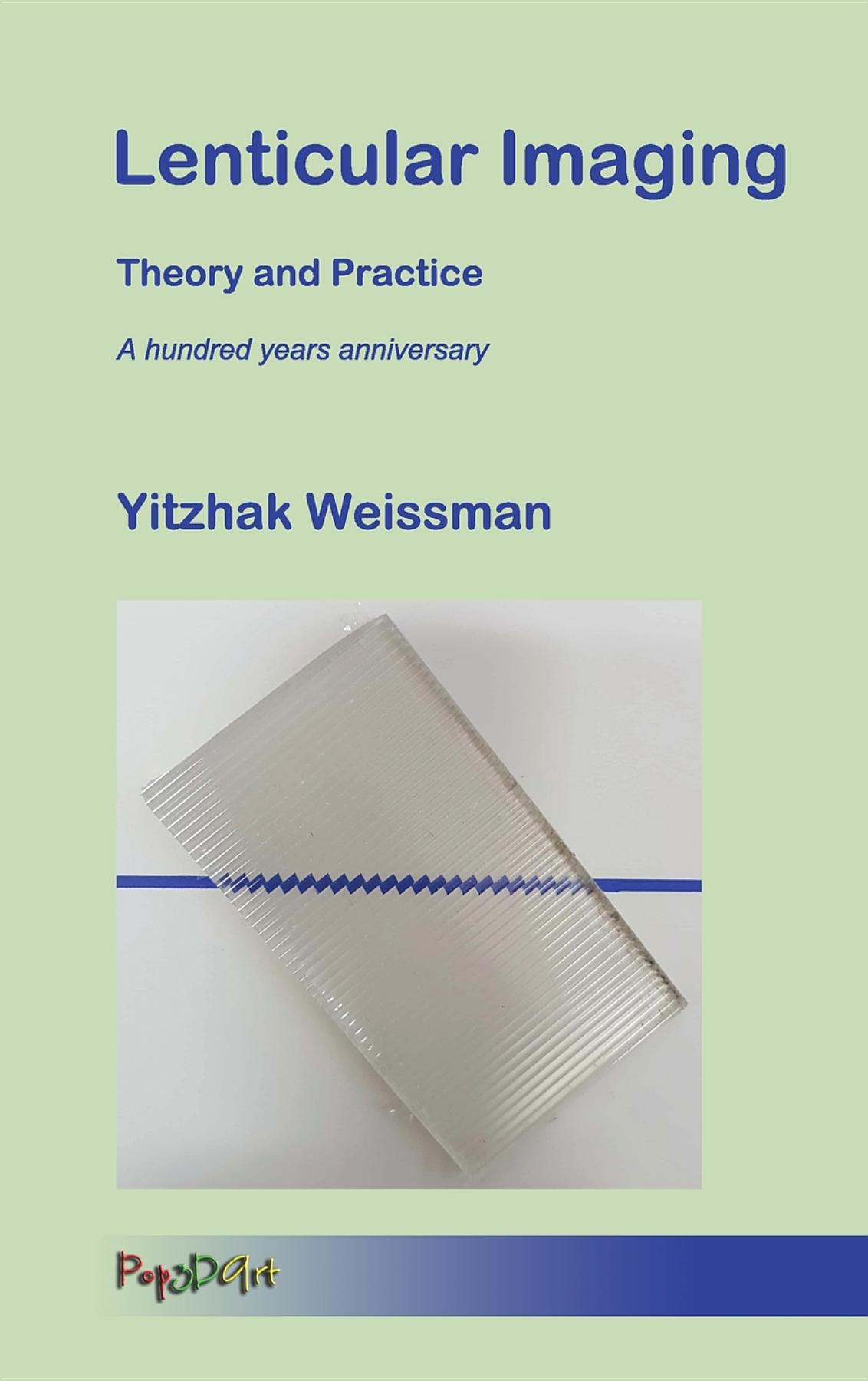
Lenticular Imaging This book treats the visual and the optical aspects of lenticular imaging comprehensively. The theoretical discussion is supplemented by numerous examples and figures which explain and illustrate the underlying principles, to make the book accessible and useful for scholars, practitioners, and graphical artists. However, this book is not a practical guide for making lenticular pictures. The most striking capability of lenticular pictures is the display of depth. 3D lenticular pictures can be enjoyed without any visual aids, and are viewable from within a comfortably large volume. Within this volume, the picture displays change of perspective according to the viewing angle and shows the object with the correct geometry. With proper design, the changes in perspective can be smooth and continuous. These characteristics create a compelling virtual reality illusion, like the effect of holograms. The tradeoff between the amount of displayed depth and the visual quality is established and discussed. The overall resolution of the picture determines this compromise. Basic mechanisms affecting the overall resolution are optical aberrations and print characteristics. For digital print, it is suggested that if lenticular sheets are adjusted to fit the printer characteristics, the overall resolution may be significantly improved. The unique optical properties of lenticules and lenticular sheets are crucial for the understanding of lenticular imaging, and, as such, they receive much attention in the book. The optical mechanism of a lenticular picture is explained using simplified, yet accurate models based on classical optical imaging theory. The more advanced subjects of optical resolution and distortions are treated numerically, using ray-tracing methods. The results of this study are presented here for the first time and are used to explain the visual features of lenticular pictures. They are also important for future research and development. Numerous other topics are essential for understanding and using lenticular imaging. These topics include calibration of lenticular sheets, content preparation for 3D pictures, and viewing space design. All these issues are treated and presented in detail, including many practical examples. Electronic display systems underwent rapid evolution in recent fifty years. From early bulky, monochrome, and distorted CRT displays, modern flat-panel displays feature vibrant color and perfect geometry. The resolution, contrast, and brightness reached the highest standards of market demands. Perhaps the last challenge remaining to be conquered by display engineers is the creation of a high-quality electronic 3D display that is viewable without any aids, like a lenticular picture. This challenge attracted much attention, but, despite vast efforts, it is still beyond reach. One of the most popular approaches to making an electronic 3D display is based on lenticular imaging. A separate chapter is devoted to the discussion of this technology. Although electronic and printed displays differ profoundly, the methodology of printed pictures can be used for the study and analysis of electronic lenticular displays, although with several modifications. The book outlines this application, to allow future study and development of such displays benefit from the research presented in this book. TECHNOLOGY & ENGINEERING,Imaging Systems

Machine Learning for Tomographic Imaging Written by leading researchers in the field, Machine Learning for Tomographic Imaging presents a unified overview of deep-learning-based tomographic imaging. Key concepts, including classic reconstruction ideas and human vision inspired insights, are introduced as a foundation for a thorough examination of artificial neural networks and deep tomographic reconstruction. An engaging and accessible style makes this book an ideal introduction for those in applied disciplines, as well as those in more theoretical fields who wish to learn about application contexts. Hands-on projects are also suggested, and links to open source software, working datasets, and network models are included. TECHNOLOGY & ENGINEERING,Imaging Systems
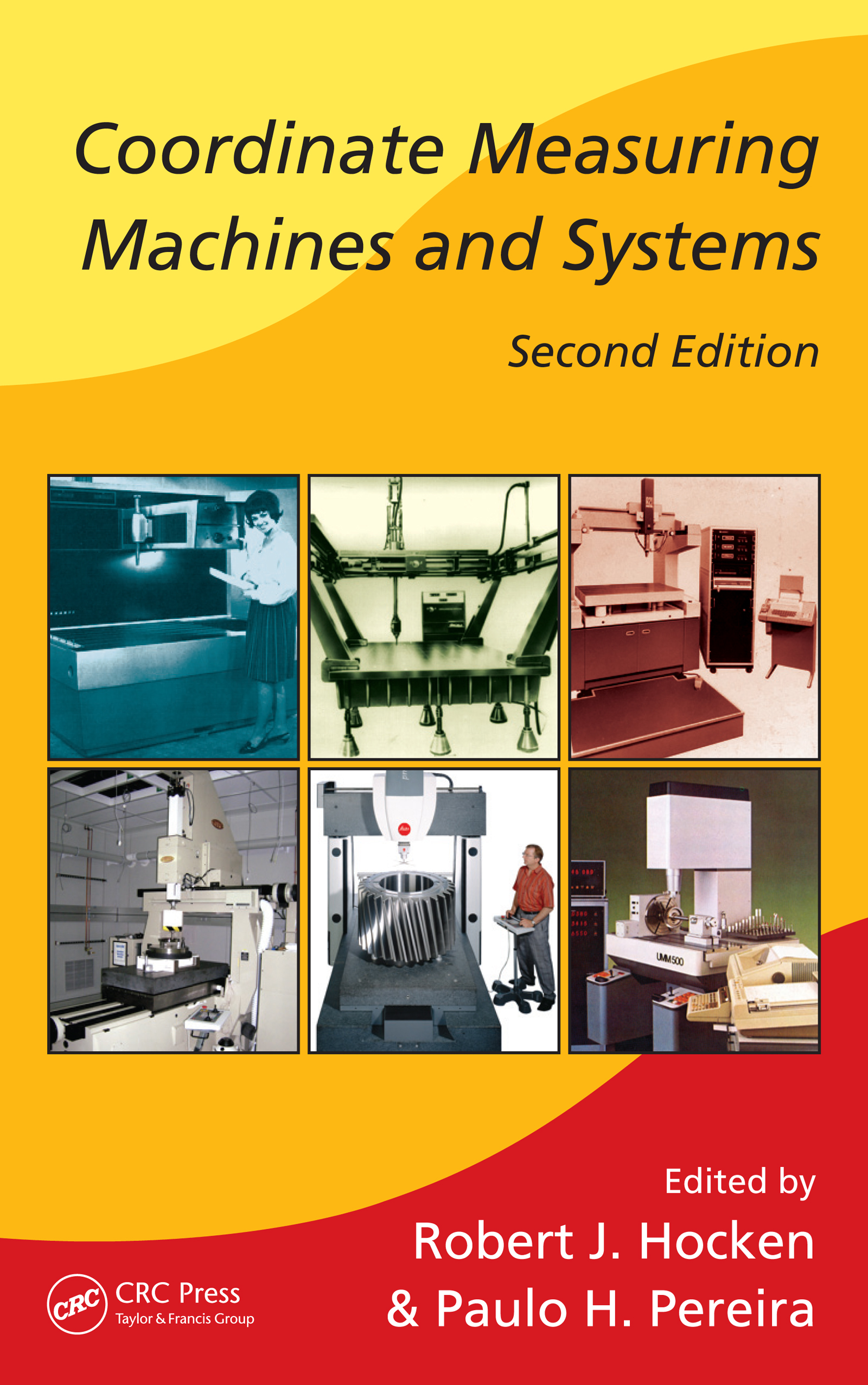
Coordinate Measuring Machines and Systems Since John Bosch edited and published the first version of this book in 1995, the world of manufacturing and coordinate measuring machines (CMMs) and coordinate measuring systems (CMSs) has changed considerably. However, the basic physics of the machines has not changed in essence but have become more deeply understood. Completely revised and updated to reflect the change that have taken place in the last sixteen years, Coordinate Measuring Machines and Systems, Second Edition covers the evolution of measurements and development of standards, the use of CMMs, probing systems, algorithms and filters, performance and financial evaluations, and accuracy. See What’s New in the Second Edition: Explores the rising expectations of the user for operator interfaces, ease of use, algorithms, speed, communications, and computational capabilities Details the expansion of machines such as the non-Cartesian CMM in market share and their increase in accuracy and utility Discusses changes in probing systems, and the number of points they can deliver to ever more sophisticated software Examines the pressures created by new applications to improve machine performance The book features two new editors, one from academia and one from a metrology intensive user industry, many new authors, and known experts who have grown with the field since the last version. Furnishing case studies from a wide range of installations, the book details how CMMs can best be applied to gain a competitive advantage in a variety of business settings. TECHNOLOGY & ENGINEERING,Industrial Design,General

Fundamentals of Work Measurement This book will provide a quick reference on Work Measurement. While the nature of the work may differ, measuring work is fundamental to any industrial or service activity. It’s needed to determine such things as the amount a person should be paid, how much time should it take to perform an activity, what is an acceptable days’ work, or how any two or more methods or designs compare. This book provides non-industrial engineers with the why and the how work is measured in order to perform their jobs. TECHNOLOGY & ENGINEERING,Industrial Design,General

Success through Failure Design pervades our lives. Everything from drafting a PowerPoint presentation to planning a state-of-the-art bridge embodies this universal human activity. But what makes a great design? In this compelling and wide-ranging look at the essence of invention, distinguished engineer and author Henry Petroski argues that, time and again, we have built success on the back of failure--not through easy imitation of success. Success through Failure shows us that making something better--by carefully anticipating and thus averting failure--is what invention and design are all about. Petroski explores the nature of invention and the character of the inventor through an unprecedented range of both everyday and extraordinary examples--illustrated lectures, child-resistant packaging for drugs, national constitutions, medical devices, the world's tallest skyscrapers, long-span bridges, and more. Stressing throughout that there is no surer road to eventual failure than modeling designs solely on past successes, he sheds new light on spectacular failures, from the destruction of the Tacoma Narrows Bridge in 1940 and the space shuttle disasters of recent decades, to the collapse of the World Trade Center in 2001. Petroski also looks at the prehistoric and ancient roots of many modern designs. The historical record, especially as embodied in failures, reveals patterns of human social behavior that have implications for large structures like bridges and vast organizations like NASA. Success through Failure--which will fascinate anyone intrigued by design, including engineers, architects, and designers themselves--concludes by speculating on when we can expect the next major bridge failure to occur, and the kind of bridge most likely to be involved. TECHNOLOGY & ENGINEERING,Industrial Design,General
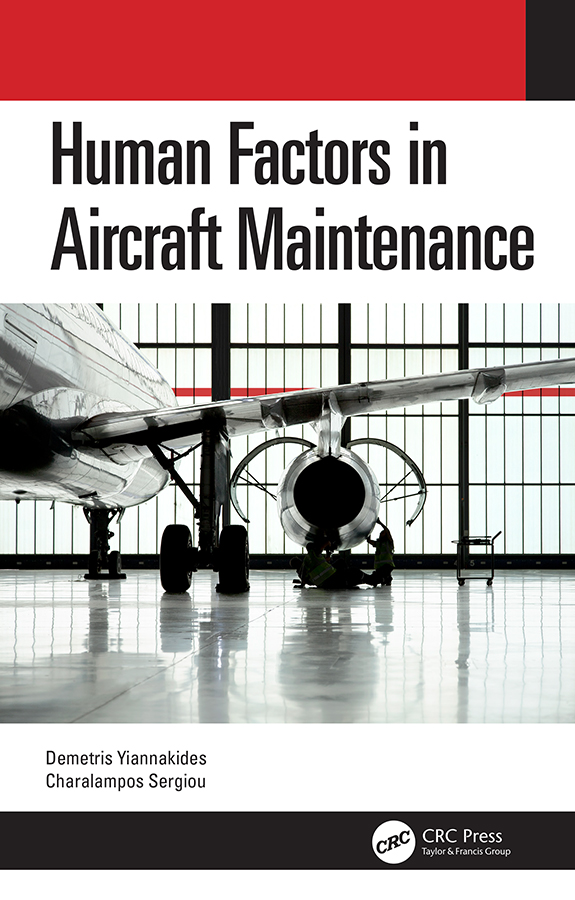
Human Factors in Aircraft Maintenance This book provides an in-depth analysis of human failure and its various forms and root causes. The analysis is developed through real aviation accidents and incidents and the deriving lessons learned. Features: Employs accumulated experience, and the scientific and research point of view, and recorded aviation accidents and incidents from the daily working environment Provides lessons learned and integrates the existing regulations into the human factors discipline Highlights the responsibility concerns and raises the accountability issues deriving from the engineers’ profession by concisely distinguishing human failure types Suggests a new approach in human factors training in order to meet current and future challenges imposed on aviation maintenance Offers a holistic approach in human factors aircraft maintenance Human Factors in Aircraft Maintenance is comprehensive, easy to read, and can be used as both a training and a reference guide for operators, regulators, auditors, researchers, academics, and aviation enthusiasts. It presents the opportunity for aircraft engineers, aviation safety officers, and psychologists to rethink their current training programs and examine the pros and cons of employing this new approach. TECHNOLOGY & ENGINEERING,Industrial Design,General

Induction Machines Handbook Induction Machines Handbook: Steady State Modeling and Performance offers a thorough treatment of steady-state induction machines (IM), the most used electric motor (generator) in rather constant or variable speed drives, forever lower energy consumption and higher productivity in basically all industries, from home appliances, through robotics to e-transport and wind energy conversion. Chapter 1 offers a detailed introduction from fundamental principles to topological classifications and most important applications and power ranges from tens of W to tens of MW. Then individual Chapters 2 and 4 deal in detail with specific issues, such as Magnetic, electric, and insulation materials Electric windings and their mmf Magnetization curve and inductance Leakage inductances and resistances Steady-state equivalent circuit and performance Starting and speed control methods Skin and on-load saturation effects Field harmonics, parasitic torques, radial forces, noise Losses Thermal modeling Single-phase induction machine basics Single-phase induction motors: steady-state modeling and performance Fully revised and updated to reflect the last decade’s progress in the field, this third edition adds new sections, such as Multiphase and multilayer tooth-wound coil windings The brushless doubly fed induction machine (BDFIM) Equivalent circuits for BDFIM Control principles for doubly fed IM Magnetic saturation effects on current and torque versus slip curves Rotor leakage reactance saturation Closed-slot IM saturation The origin of electromagnetic vibration by practical experience PM-assisted split-phase cage-rotor IM’s steady state The promise of renewable (hydro and wind) energy via cage-rotor and doubly fed variable speed generators e-transport propulsion and i-home appliances makes this third edition a state-of-the-art tool, conceived with numerous case studies and timely for both academia and industry. TECHNOLOGY & ENGINEERING,Industrial Design,General
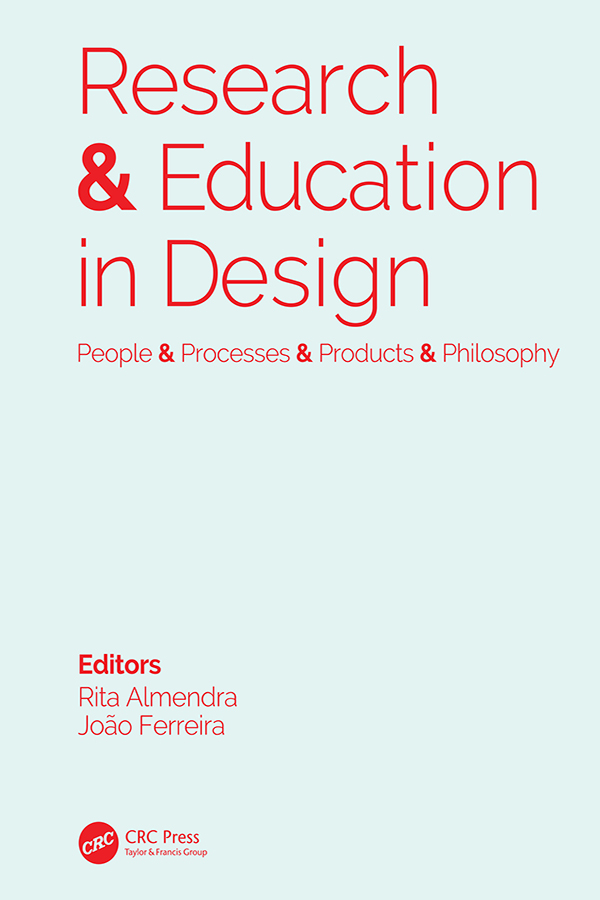
Research & Education in Design Design is about the creation of meaningful connections to solve problems and advance human wellbeing; the discipline has always explored the beneficial links between form and function, technology and meaning, beauty and utility, people and artefacts and problems and solutions, among others. This book focuses on the crucial connection between design research and design education. Contemporary society grows increasingly hyper-complex and globally competitive. This state of affairs raises fundamental questions for both Design Education and Design Research: Should research skills be integrated into undergraduate courses? How can we modify design courses without compromising the positive aspects of the educational studio experience? Can the three cycles of higher education in design be combined into a creative and inquisitive educational continuum? To examine the relationship between research and education in Design we must address the topic of knowledge, keeping in mind that the development and dissemination of new and useful knowledge is the core purpose of a University. If we agree that design has its own things to know and ways to find out about them, then design knowledge resides in people, processes, products, and philosophy. This book explores the intersection of these four areas with the aim of uncovering insights to advance the current state of the design discipline. TECHNOLOGY & ENGINEERING,Industrial Design,General
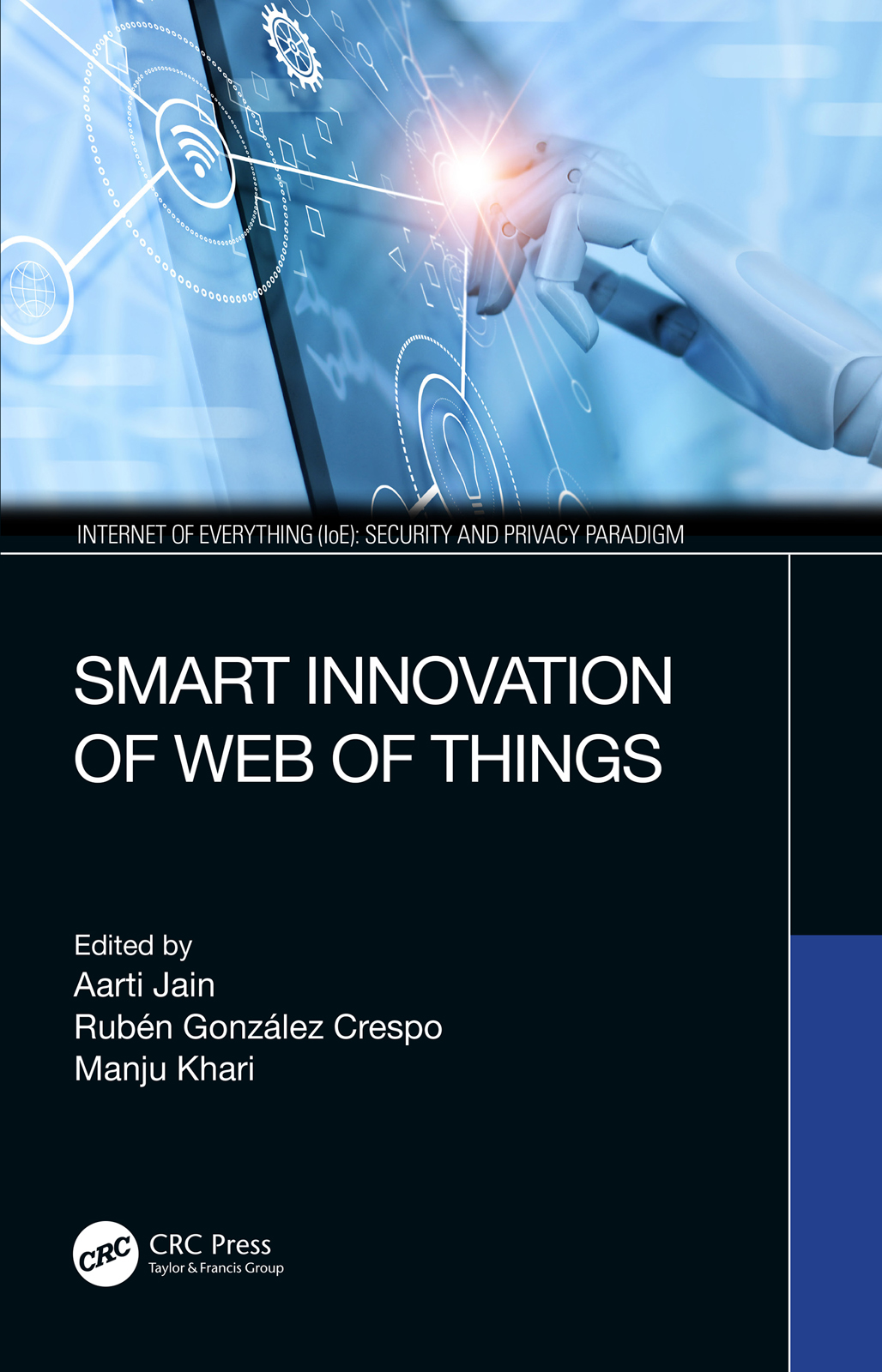
Smart Innovation of Web of Things The Web of Things (WoT) is a concept that describes approaches, programming tools and software architectural systems, which interface networks of real-world objects with the World Wide Web. The book is organized into 11 chapters, each focusing on a unique wireless technological aspect of the Web of Things, and it aims to comprehensively cover each of its various applications, including: A strong emphasis on WoT problems and solutions, identifying the main open issues, innovations and latest technologies behind WoT A blend of theoretical and simulation-based problems for better understanding of the concepts behind WoT Various exemplifying applications in which the use of WoT is very attractive and an inspiration for future applications The book will be useful to researchers, software developers and undergraduate and postgraduate students, as well as practitioners. TECHNOLOGY & ENGINEERING,Industrial Design,General

IoT IOT: Security and Privacy Paradigm covers the evolution of security and privacy issues in the Internet of Things (IoT). It focuses on bringing all security and privacy related technologies into one source, so that students, researchers, and practitioners can refer to this book for easy understanding of IoT security and privacy issues. This edited book uses Security Engineering and Privacy-by-Design principles to design a secure IoT ecosystem and to implement cyber-security solutions. This book takes the readers on a journey that begins with understanding the security issues in IoT-enabled technologies and how it can be applied in various aspects. It walks readers through engaging with security challenges and builds a safe infrastructure for IoT devices. The book helps readers gain an understand of security architecture through IoT and describes the state of the art of IoT countermeasures. It also differentiates security threats in IoT-enabled infrastructure from traditional ad hoc or infrastructural networks, and provides a comprehensive discussion on the security challenges and solutions in RFID, WSNs, in IoT. This book aims to provide the concepts of related technologies and novel findings of the researchers through its chapter organization. The primary audience includes specialists, researchers, graduate students, designers, experts and engineers who are focused on research and security related issues. Souvik Pal, PhD, has worked as Assistant Professor in Nalanda Institute of Technology, Bhubaneswar, and JIS College of Engineering, Kolkata (NAAC "A" Accredited College). He is the organizing Chair and Plenary Speaker of RICE Conference in Vietnam; and organizing co-convener of ICICIT, Tunisia. He has served in many conferences as chair, keynote speaker, and he also chaired international conference sessions and presented session talks internationally. His research area includes Cloud Computing, Big Data, Wireless Sensor Network (WSN), Internet of Things, and Data Analytics. Vicente GarcÃa-DÃaz, PhD, is an Associate Professor in the Department of Computer Science at the University of Oviedo (Languages and Computer Systems area). He is also the editor of several special issues in prestigious journals such as Scientific Programming and International Journal of Interactive Multimedia and Artificial Intelligence. His research interests include eLearning, machine learning and the use of domain specific languages in different areas. Dac-Nhuong Le, PhD, is Deputy-Head of Faculty of Information Technology, and Vice-Director of Information Technology Apply and Foreign Language Training Center, Haiphong University, Vietnam. His area of research includes: evaluation computing and approximate algorithms, network communication, security and vulnerability, network performance analysis and simulation, cloud computing, IoT and image processing in biomedical. Presently, he is serving on the editorial board of several international journals and has authored nine computer science books published by Springer, Wiley, CRC Press, Lambert Publication, and Scholar Press. TECHNOLOGY & ENGINEERING,Industrial Design,General
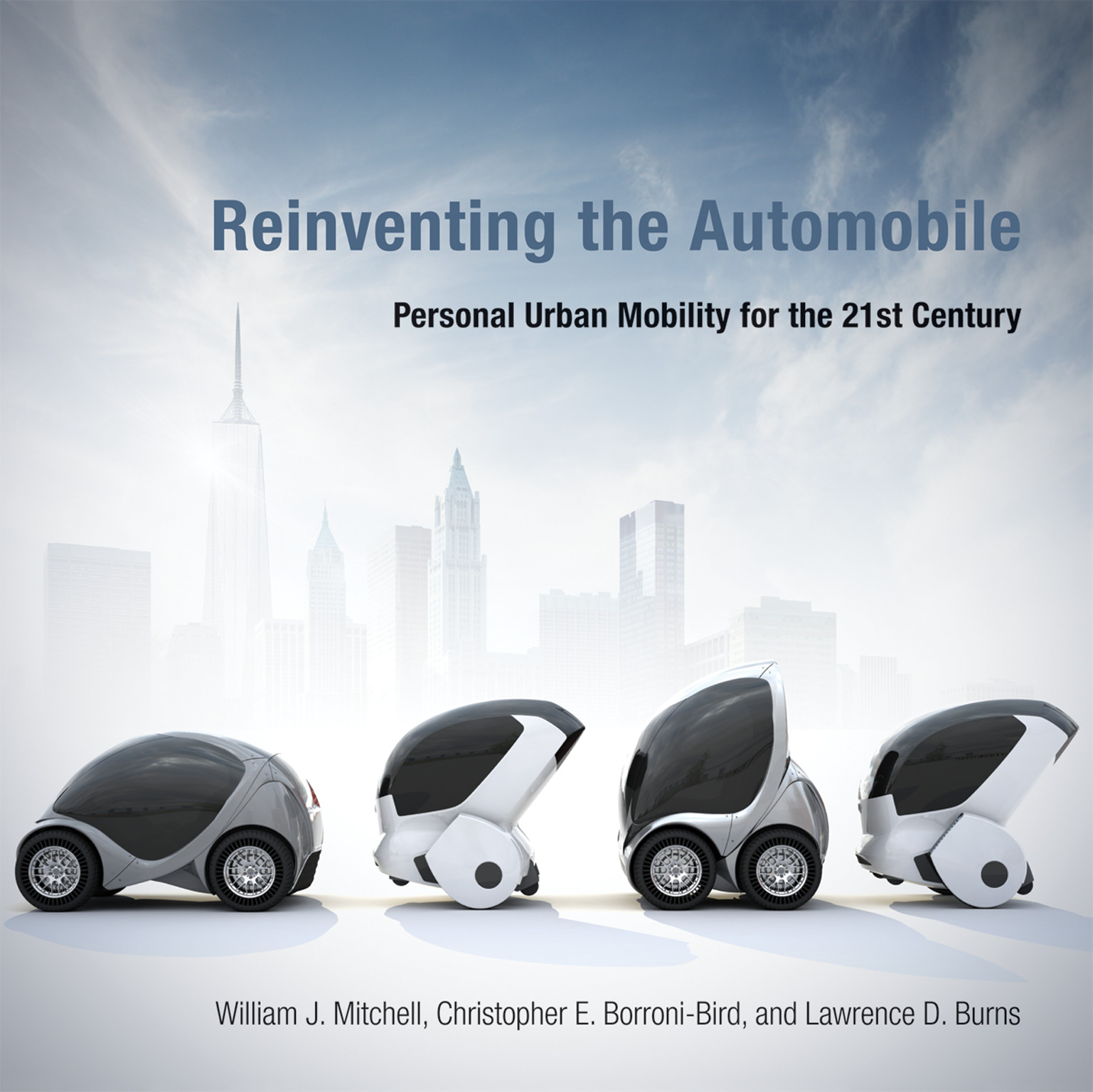
Reinventing the Automobile How to leave behind our unwieldy, gas-guzzling, carbon dioxide–emitting vehicles for cars that are green, smart, connected, and fun. This book provides a long-overdue vision for a new automobile era. The cars we drive today follow the same underlying design principles as the Model Ts of a hundred years ago and the tail-finned sedans of fifty years ago. In the twenty-first century, cars are still made for twentieth-century purposes. They are inefficient for providing personal mobility within cities—where most of the world's people now live. In this pathbreaking book, William Mitchell and two industry experts reimagine the automobile, describing vehicles of the near future that are green, smart, connected, and fun to drive. They roll out four big ideas that will make this both feasible and timely. The fundamental reinvention of the automobile won't be easy, but it is an urgent necessity—to make urban mobility more convenient and sustainable, to make cities more livable, and to help bring the automobile industry out of crisis. TECHNOLOGY & ENGINEERING,Industrial Design,General
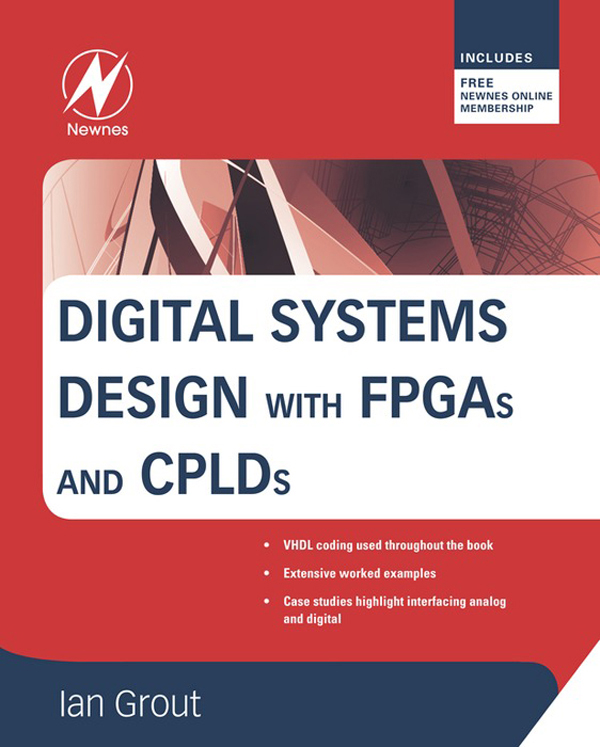
Digital Systems Design with FPGAs and CPLDs Digital Systems Design with FPGAs and CPLDs explains how to design and develop digital electronic systems using programmable logic devices (PLDs). Totally practical in nature, the book features numerous (quantify when known) case study designs using a variety of Field Programmable Gate Array (FPGA) and Complex Programmable Logic Devices (CPLD), for a range of applications from control and instrumentation to semiconductor automatic test equipment. Key features include: * Case studies that provide a walk through of the design process, highlighting the trade-offs involved.* Discussion of real world issues such as choice of device, pin-out, power supply, power supply decoupling, signal integrity- for embedding FPGAs within a PCB based design. With this book engineers will be able to: * Use PLD technology to develop digital and mixed signal electronic systems* Develop PLD based designs using both schematic capture and VHDL synthesis techniques* Interface a PLD to digital and mixed-signal systems* Undertake complete design exercises from design concept through to the build and test of PLD based electronic hardware This book will be ideal for electronic and computer engineering students taking a practical or Lab based course on digital systems development using PLDs and for engineers in industry looking for concrete advice on developing a digital system using a FPGA or CPLD as its core. Case studies that provide a walk through of the design process, highlighting the trade-offs involved. Discussion of real world issues such as choice of device, pin-out, power supply, power supply decoupling, signal integrity- for embedding FPGAs within a PCB based design. TECHNOLOGY & ENGINEERING,Industrial Design,Product
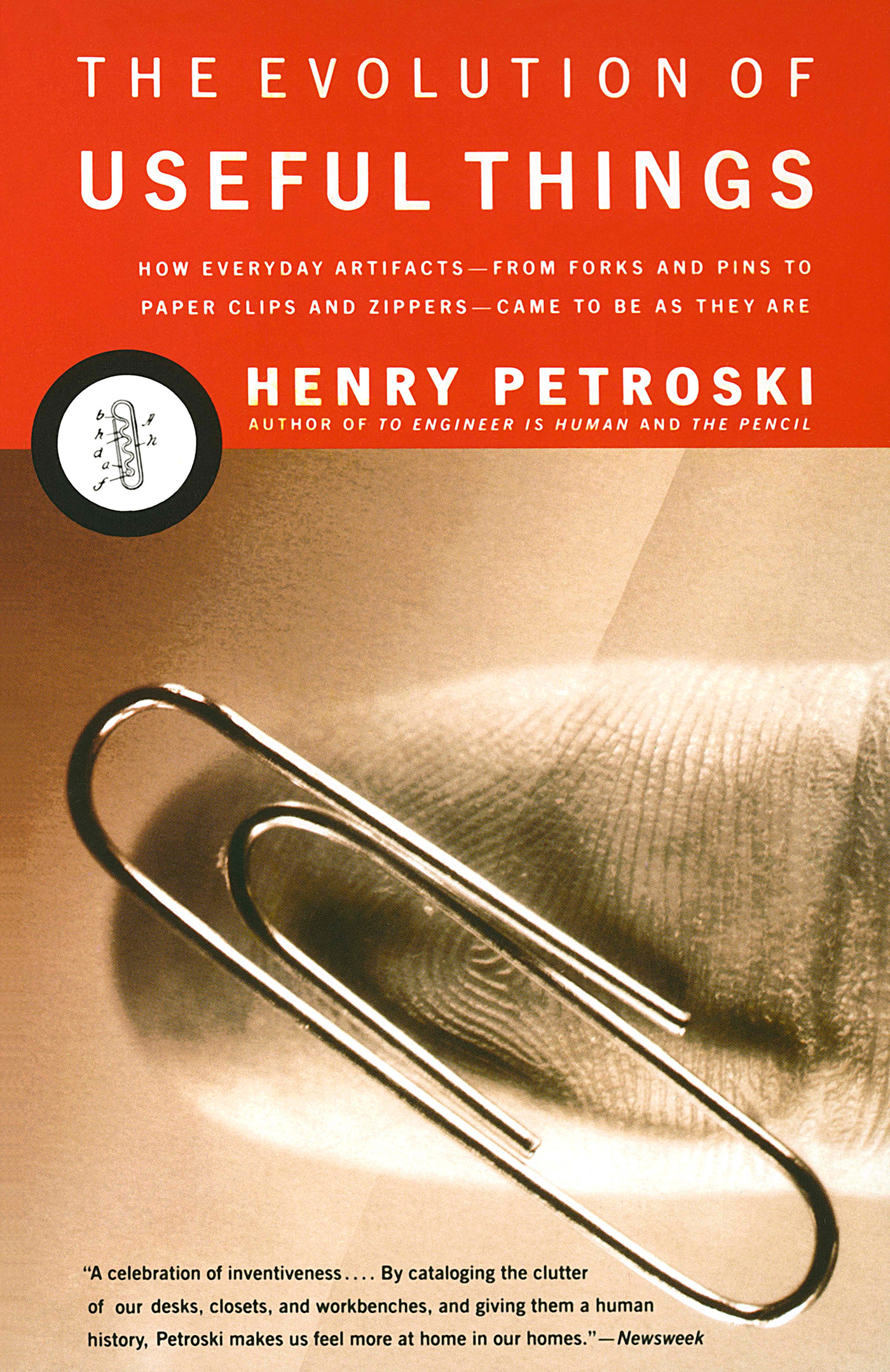
The Evolution of Useful Things How did the table fork acquire a fourth tine? What advantage does the Phillips-head screw have over its single-grooved predecessor? Why does the paper clip look the way it does? What makes Scotch tape Scotch? In this delightful book Henry, Petroski takes a microscopic look at artifacts that most of us count on but rarely contemplate, including such icons of the everyday as pins, Post-its, and fast-food "clamshell" containers. At the same time, he offers a convincing new theory of technological innovation as a response to the perceived failures of existing products—suggesting that irritation, and not necessity, is the mother of invention. TECHNOLOGY & ENGINEERING,Industrial Design,Product
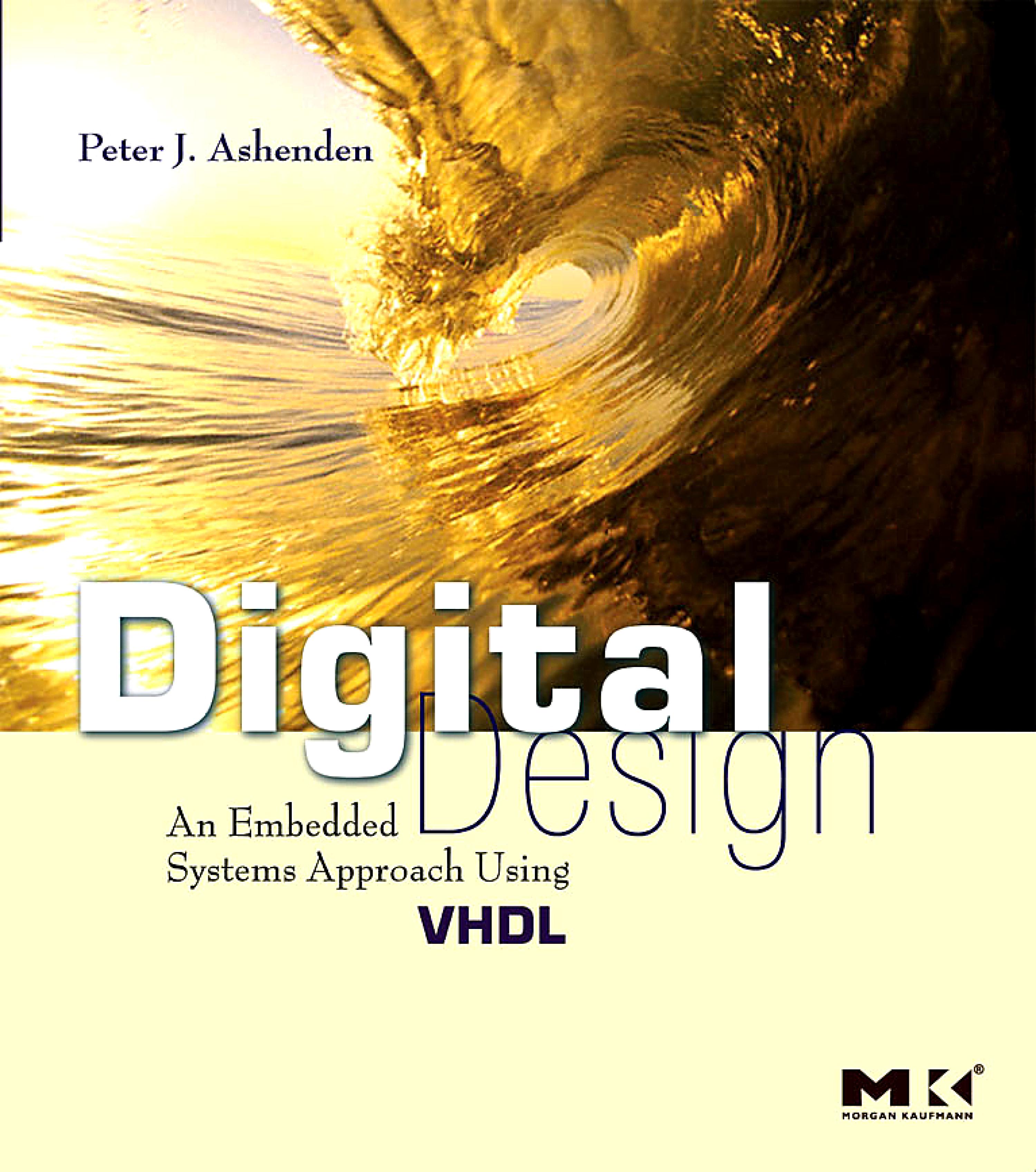
Digital Design (VHDL) Digital Design: An Embedded Systems Approach Using VHDL provides a foundation in digital design for students in computer engineering, electrical engineering and computer science courses. It takes an up-to-date and modern approach of presenting digital logic design as an activity in a larger systems design context. Rather than focus on aspects of digital design that have little relevance in a realistic design context, this book concentrates on modern and evolving knowledge and design skills. Hardware description language (HDL)-based design and verification is emphasized--VHDL examples are used extensively throughout. By treating digital logic as part of embedded systems design, this book provides an understanding of the hardware needed in the analysis and design of systems comprising both hardware and software components. Includes a Web site with links to vendor tools, labs and tutorials. Presents digital logic design as an activity in a larger systems design context Features extensive use of VHDL examples to demonstrate HDL (hardware description language) usage at the abstract behavioural level and register transfer level, as well as for low-level verification and verification environments Includes worked examples throughout to enhance the reader's understanding and retention of the material Companion Web site includes links to tools for FPGA design from Synplicity, Mentor Graphics, and Xilinx, VHDL source code for all the examples in the book, lecture slides, laboratory projects, and solutions to exercises TECHNOLOGY & ENGINEERING,Industrial Design,Product
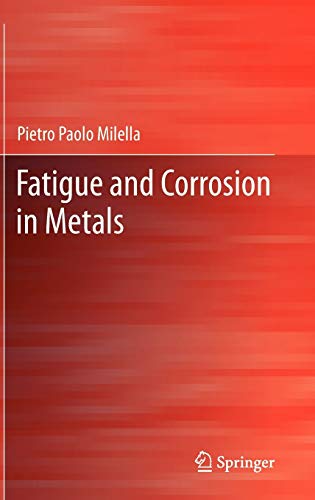
Fatigue and Corrosion in Metals This textbook, suitable for students, researchers and engineers, gathers the experience of more than 20 years of teaching fracture mechanics, fatigue and corrosion to professional engineers and running experimental tests and verifications to solve practical problems in engineering applications. As such, it is a comprehensive blend of fundamental knowledge and technical tools to address the issues of fatigue and corrosion. The book initiates with a systematic description of fatigue from a phenomenological point of view, since the early signs of submicroscopic damage in few surface grains and continues describing, step by step, how these precursors develop to become mechanically small cracks and, eventually, macrocracks whose growth is governed by fracture mechanics. But fracture mechanics is also introduced to analyze stress corrosion and corrosion assisted fatigue in a rather advanced fashion. The author dedicates a particular attention to corrosion starting with an electrochemical treatment that mechanical engineers with a rather limited knowledge of electrochemistry will well digest without any pain. The electrochemical introduction is considered an essential requirement to the full understanding of corrosion that is essentially an electrochemical process. All stress corrosion aspects are treated, from the generalized film rupture-anodic dissolution process that is the base of any corrosion mechanism to the aggression occurring in either mechanically or thermally sensitized alloys up to the universe of hydrogen embrittlement, which is described in all its possible modes of appearance. Multiaxial fatigue and out-of-phase loading conditions are treated in a rather comprehensive manner together with damage progression and accumulation that are not linear processes. Load spectra are analyzed also in the frequency domain using the Fourier transform in a rather elegant fashion full of applications that are generally not considered at all in fatigue textbooks, yet they deserve a special place and attention. The issue of fatigue cannot be treated without a probabilistic approach unless the designer accepts the shame of one-out-of-two pieces failure. The reader is fully introduced to the most promising and advanced analytical tools that do not require a normal or lognormal distribution of the experimental data, which is the most common case in fatigue. But the probabilistic approach is also used to introduce the fundamental issue of process volume that is the base of any engineering application of fatigue, from the probability of failure to the notch effect, from the metallurgical variability and size effect to the load type effect. Fractography plays a fundamental role in the post mortem analysis of fatigue and corrosion failures since it can unveil the mystery encrypted in any failure. TECHNOLOGY & ENGINEERING,Industrial Design,Product
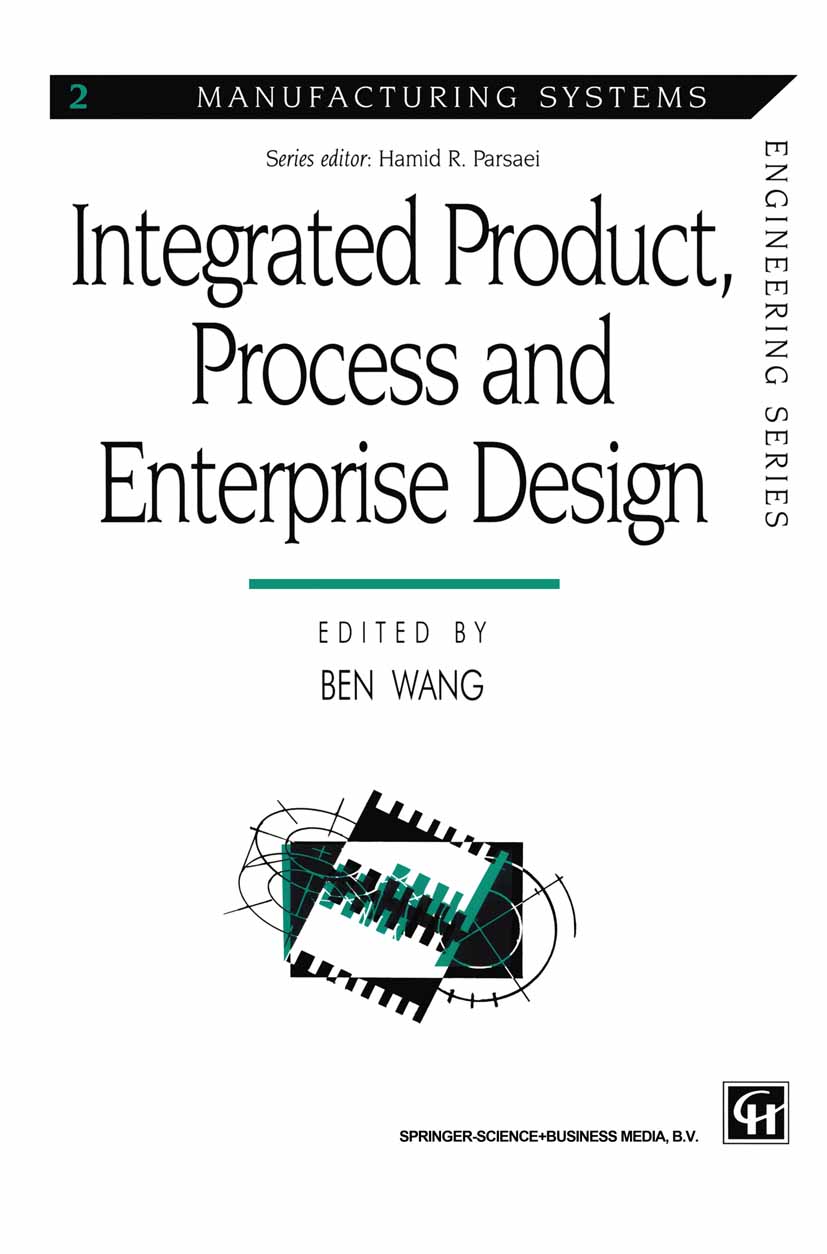
Integrated Product, Process and Enterprise Design The need exists in the private sector and government manufacturing sites to reduce product development time, production lead times, inventory, and non-value added activities. At the same time, there is increased pressure to improve manufacturing process yields, produc tion efficiency, and resource utilization. Much of the technology required to meet these needs already exists, but an integrated structure that can demonstrate the potential for the technology in a concurrent engineering context does not. This book provides a road map for building the integrated technology environment to evaluate existing products, manufacturing processes and system design tools. This book details innovative approaches that will significantly improve design/manufacturing technology development and deploy ment capabilities for civilian and defense applications. These approaches are integrated product, process, and system design (IPPSD) initiatives which will greatly enhance the manufacturing competitiveness of the economy. These approaches involve the use of simulation, modeling tools and computerized virtual workstations in conjunction with a design environment which allows a diverse group of researchers, manufacturers, and suppliers to work within a comprehensive network of shared knowledge. The IPPSD infrastructure consists of virtual workstations, servers and a suite of simulation, quantitative, computa tional, analytical, experimental and qualitative tools. Such an IPPSD infrastructure will permit effective and efficient predictions of complete product design, manufacturing proces design, and customer satisfac tion. TECHNOLOGY & ENGINEERING,Industrial Design,Product
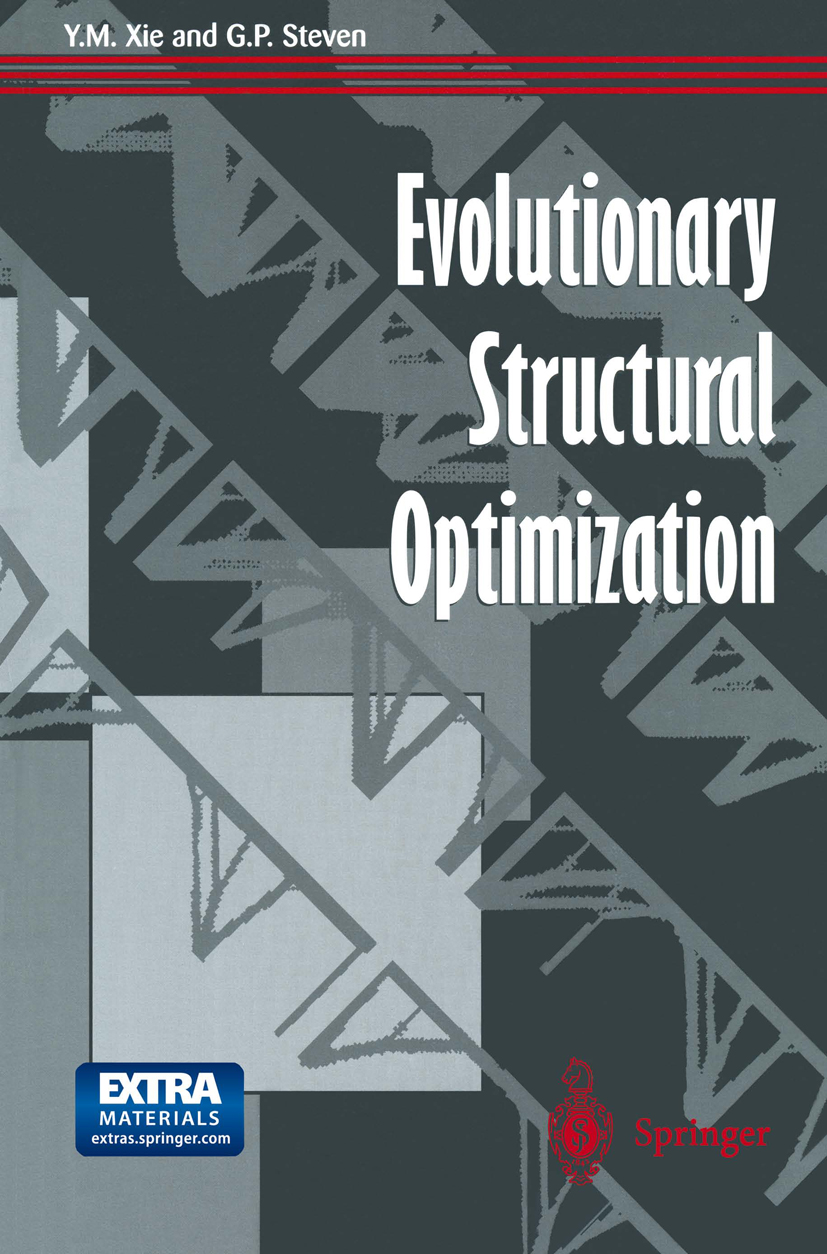
Evolutionary Structural Optimization Evolutionary Structural Optimization (ESO) is a design method based on the simple concept of gradually removing inefficient material from a structure as it is being designed. Through this method, the resulting structure will evolve towards its optimum shape. The latest techniques and results of ESO are presented here, illustrated by numerous clear and detailed examples. Sections cover the fundamental aspects of the method, the application to multiple load cases and multiple support environments, frequency optimization, stiffness and displacement constraints, buckling, jointed frame structures, shape optimization, and stress reduction. This is followed by a section describing Evolve97, a software package which will allow readers to try the ideas of ESO themselves and to solve their optimization problems. This software is provided on a computer diskette which accompanies the book. TECHNOLOGY & ENGINEERING,Industrial Design,Product
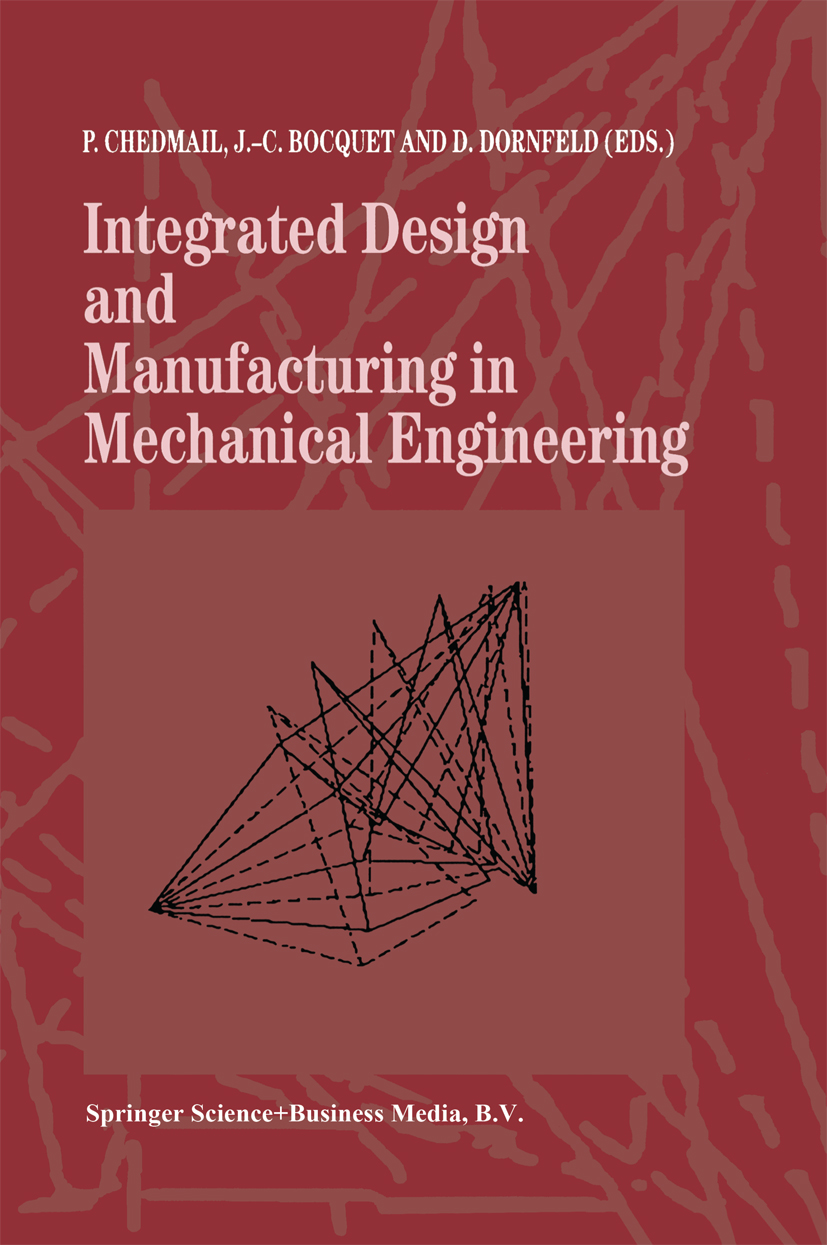
Integrated Design and Manufacturing in Mechanical Engineering Proceedings of the 1st IDMME Conference held in Nantes, France, 15-17 April 1996 TECHNOLOGY & ENGINEERING,Industrial Design,Product
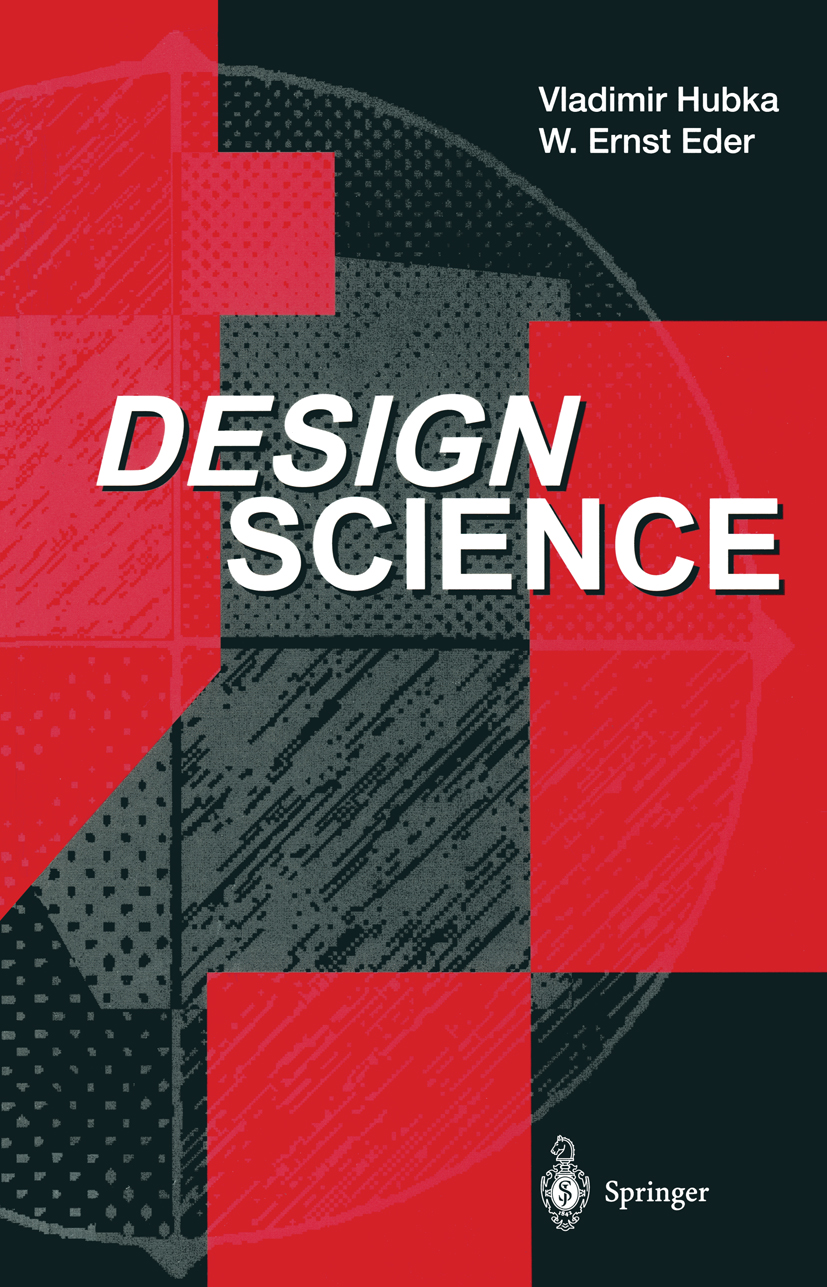
Design Science It is the aim of this study to present a framework for the design of technical systems. This can be achieved through a general Design Science, a knowledge system in which products are seen as objects to be developed within engineering design processes. The authors have developed this design science from a division of the knowledge system along two axes. One deals with knowledge about technical systems and design processes while the other presents descriptive statements. Relationships among the various sections of the knowledge system are made clear. Well-known insights into engineering design, the process, its management and its products are placed into new contexts. Particular attention is given to various areas of applicability. Widespread use throughout is made of easily assimilated diagrams and models. TECHNOLOGY & ENGINEERING,Industrial Design,Product
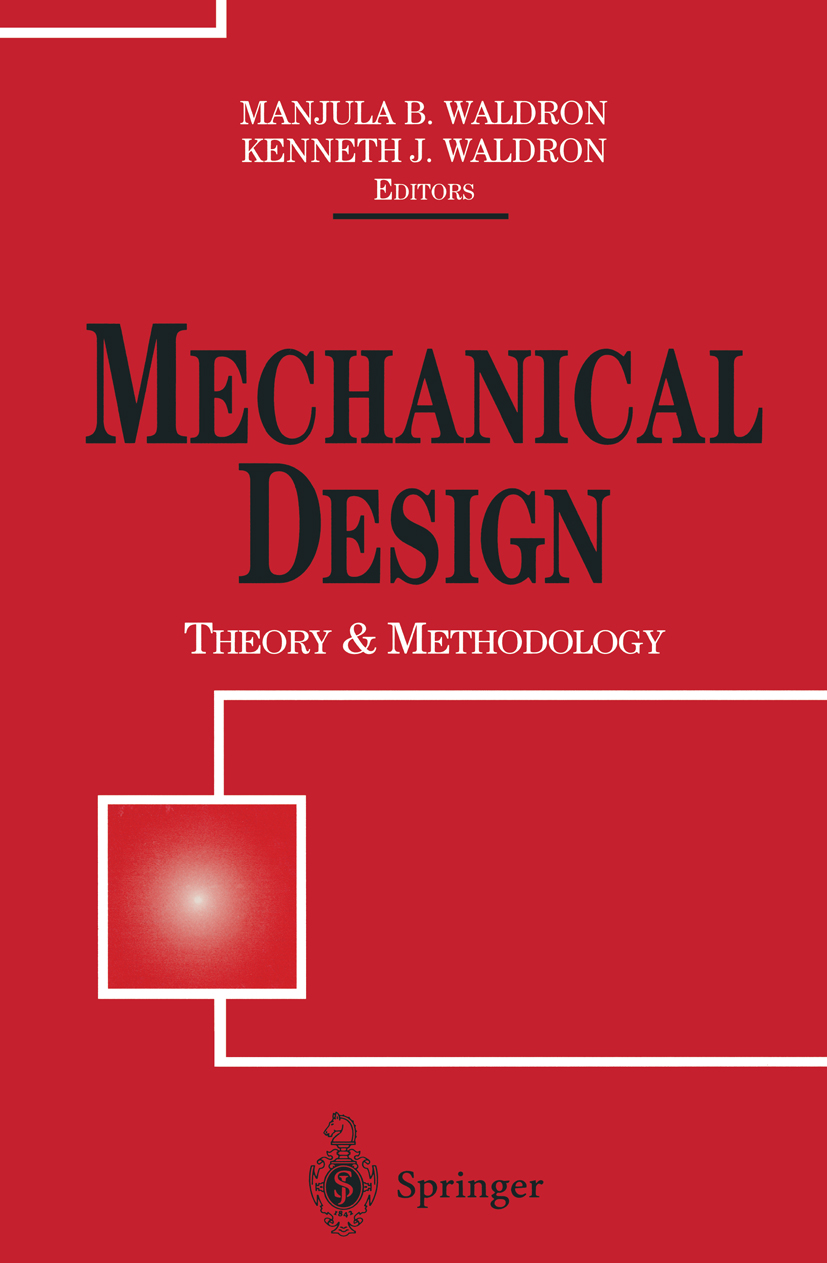
Mechanical Design This volume, Mechanical Design: Theory and Methodology, has been put together over the past four years. Most of the work is ongoing as can be ascertained easily from the text. One can argue that this is so for any text or monograph. Any such book is only a snapshot in time, giving information about the state of knowledge of the authors when the book was compiled. The chapters have been updated and are representative of the state of the art in the field of design theory and methodology. It is barely over a decade that design as an area of study was revived, mostly at the behest of industry, government, and academic leaders. Profes sor Nam Suh, then the head of the Engineering Directorate at the National Science Foundation, provided much of the impetus for the needed effort. The results of early work of researchers, many of whom have authored chapters in this book, were fundamental in conceiving the ideas behind Design for X or DFX and concurrent engineering issues. The artificial intelli gence community had a strong influence in developing the required com puter tools mainly because the field had a history of interdisciplinary work. Psychologists, computer scientists, and engineers worked together to under stand what support tools will improve the design process. While this influ ence continues today, there is an increased awareness that a much broader community needs to be involved. TECHNOLOGY & ENGINEERING,Industrial Design,Product
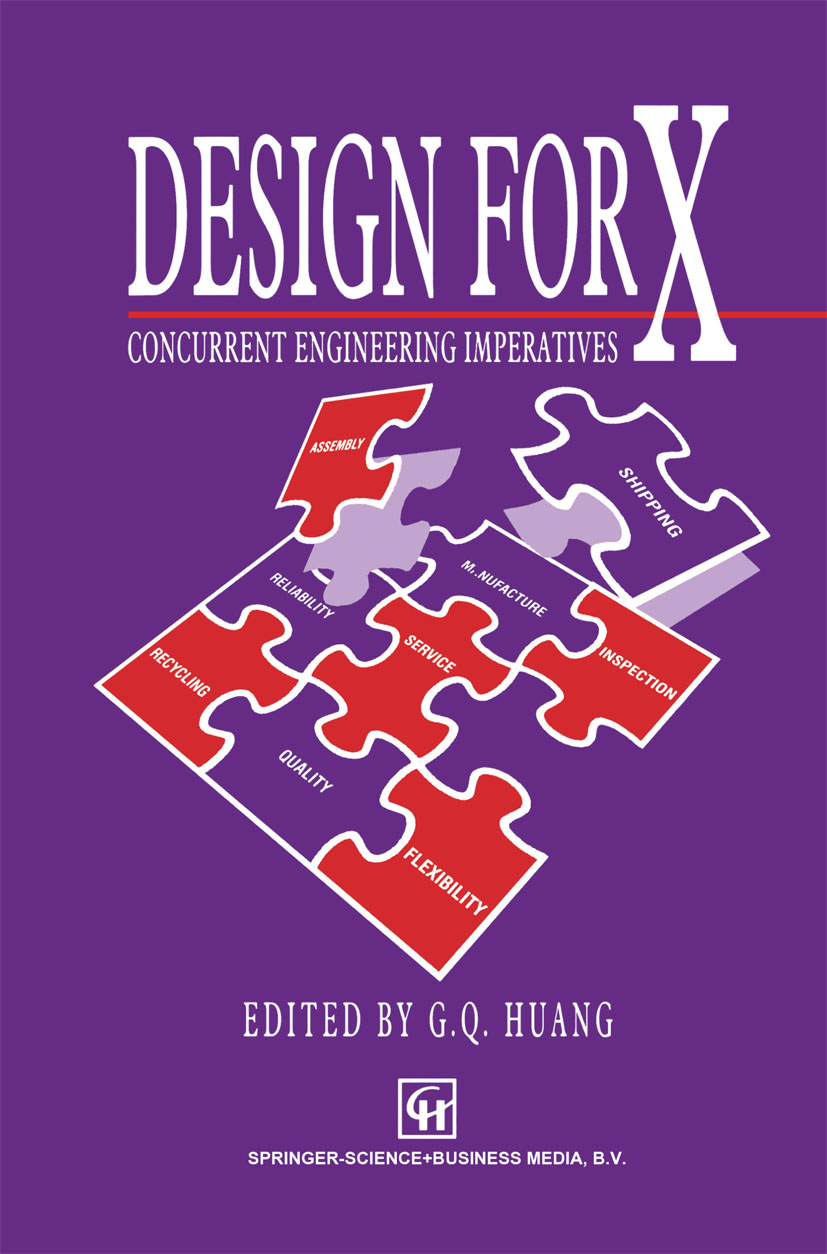
Design for X Bringing together the expertise of worldwide authorities in the field, Design for X is the first comprehensive book to offer systematic and structured coverage of contemporary and concurrent product development techniques. It features over fifteen techniques, including: design for manufacture and assembly; design for distribution; design for quality; and design for the environment. Alternative approaches and common elements are discussed and critical issues such as integration and tradeoff are explored. TECHNOLOGY & ENGINEERING,Industrial Design,Product
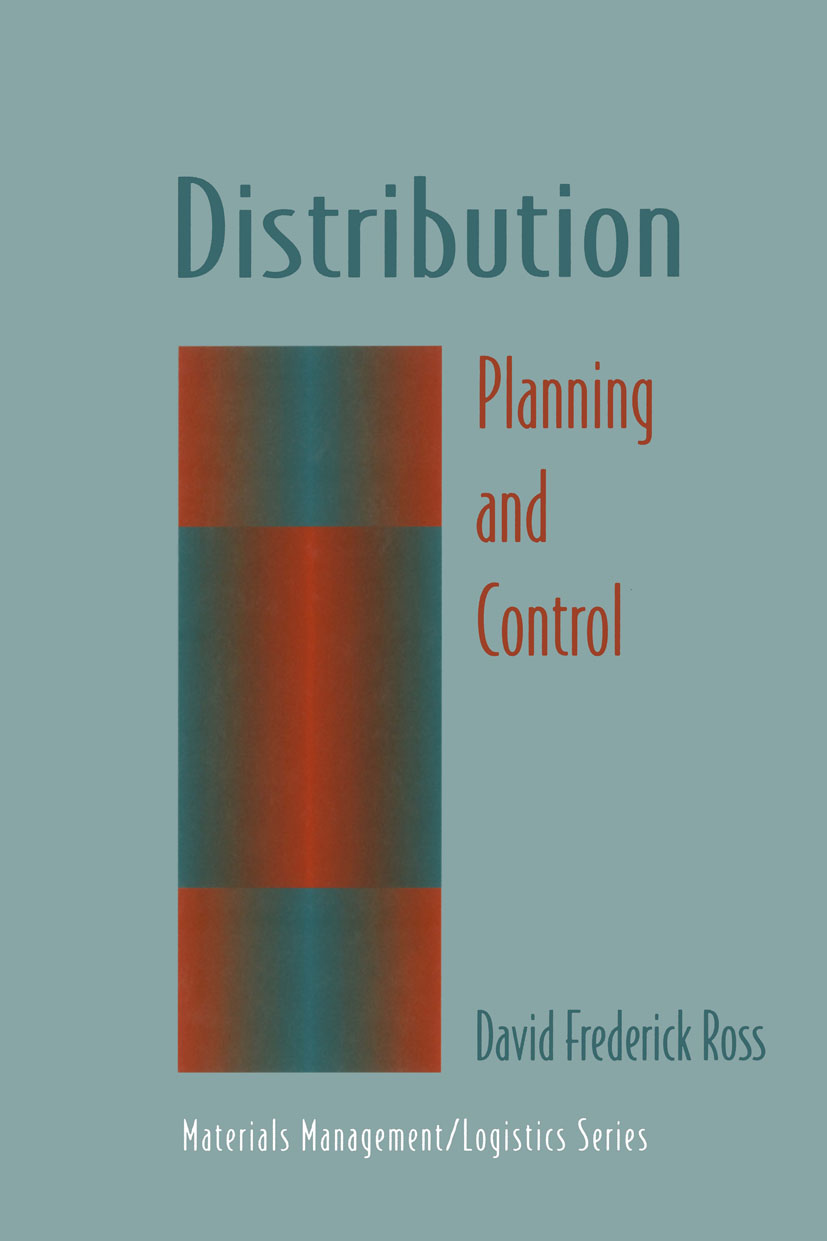
Distribution It has been said that every generation of historians seeks to rewrite what a previous generation had established as the standard interpretations of the motives and circumstances shaping the fabric of historical events. It is not that the facts of history have changed. No one will dispute that the battle of Waterloo occurred on June 11, 1815 or that the allied invasion of Europe began on June 6, 1944. What each new age of historians are attempting to do is to reinterpret the motives of men and the force of circumstance impacting the direction of past events based on the factual, social, intellectual, and cultural milieu of their own generation. By examining the facts of history from a new perspective, today's historians hope to reveal some new truth that will not only illuminate the course of history but also validate contempo rary values and societal ideals. Although it is true that tackling the task of developing a new text on logistics and distribution channel management focuses less on schools of philosophical and social analysis and more on the calculus of managing sales campaigns, inventory replenishment, and income statements, the goal of the management scientist, like the historian, is to merge the facts and figures of the discipline with today's organizational, cultural, and economic realities. Hopefully, the result will be a new synthesis, where a whole new perspective will break forth, exposing new directions and opportunities. TECHNOLOGY & ENGINEERING,Industrial Design,Product
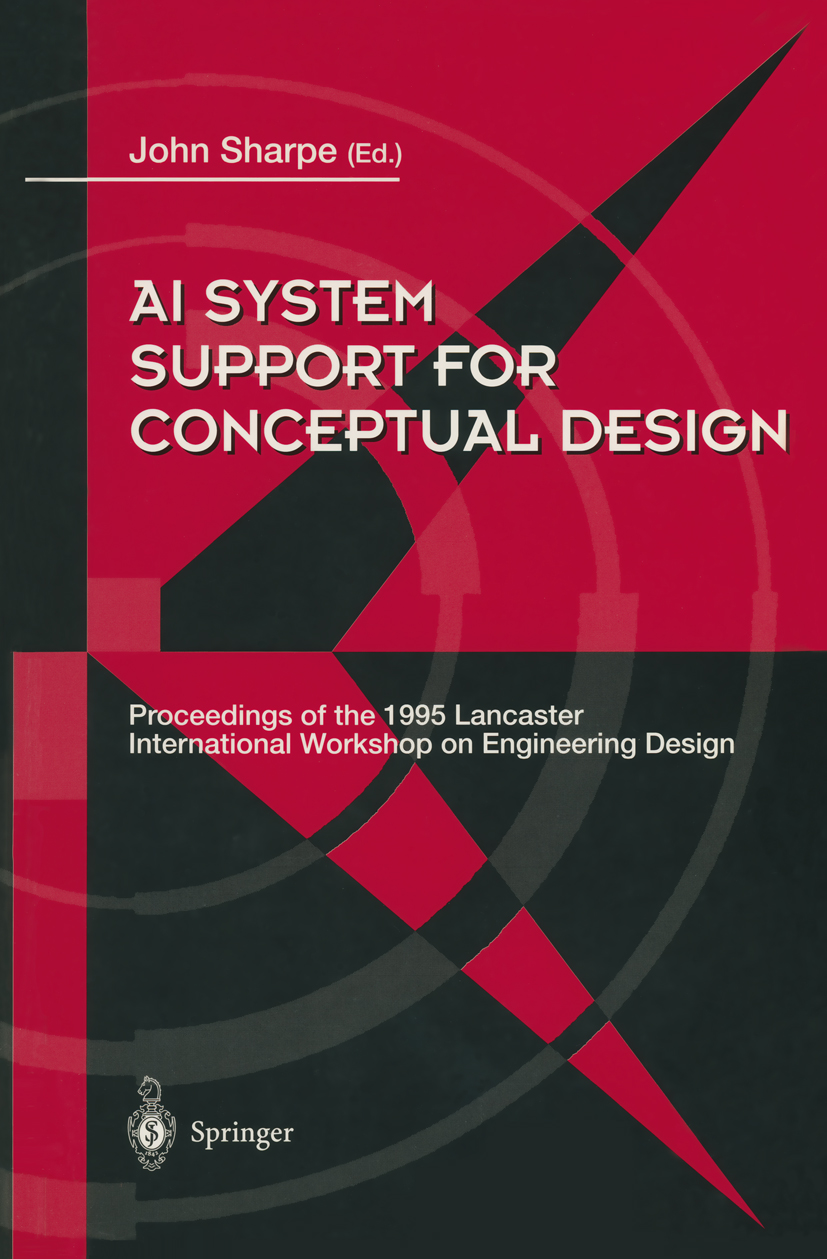
AI System Support for Conceptual Design It is well-known that some 85% of the resources necessary to design and bring to market a product are committed by decisions taken in the first 10% of the design activity. This together with the wish to reduce further the time-to-market of high quality innovative products has increased the need for computer support at the conceptual design stage of the engineering design process life-style. This proceedings firmly focuses on the continuing research into new uses of Artificial Intelligence (AI) during the conceptual design process. It shows how novel applications of AI may be integrated with aspects of solid modelling, simulation optimisation and multiple criterion decision- making. A particular emphasis is placed on the use of AI methods in the overall design of products from major Civil Engineering structures to Consumer Electronics. TECHNOLOGY & ENGINEERING,Industrial Design,Product
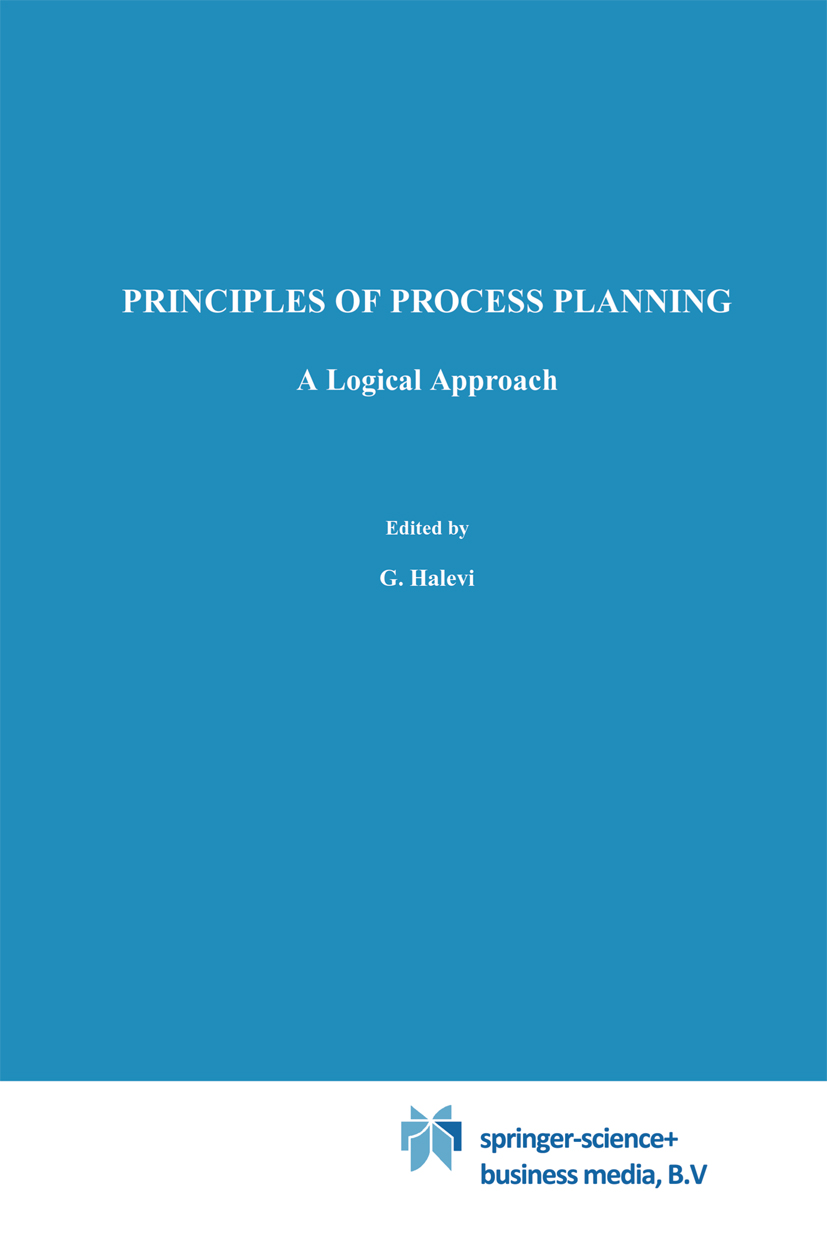
Principles of Process Planning Process planning determines how a product is to be manufactured and is therefore a key element in the manufacturing process. It plays a major part in determining the cost of components and affects all factory activities, company competitiveness, production planning, production efficiency and product quality. It is a crucial link between design and manufacturing. There are several levels of process planning activities. Early in product engineering and development, process planning is responsible for determining the general method of production. The selected general method of production affects the design constraints. In the last stages of design, the designer has to consider ease of manufacturing in order for it to be economic. The part design data is transferred from engineering to manufacturing and process planners develop the detailed work package for manufacturing a part. Dimensions and tolerances are determined for each stage of processing of the workpiece. Process planning determines the sequence of operations and utilization of machine tools. Cutting tools, fixtures, gauges and other accessory tooling are also specified. Feeds, speeds and other parameters of the metal cutting and forming processes are determined. TECHNOLOGY & ENGINEERING,Industrial Design,Product
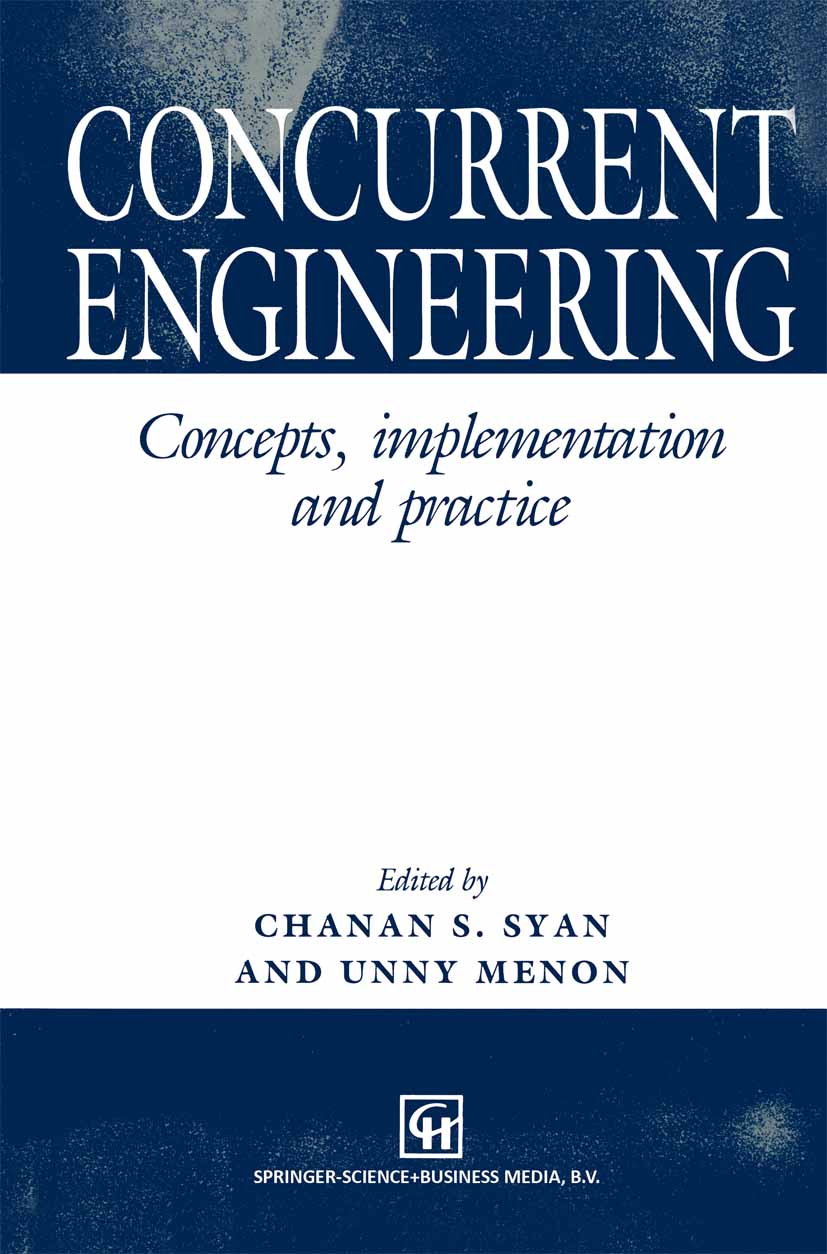
Concurrent Engineering BACKGROUND There is an increasing awareness that 'time to market' is the key competitive issue in the manufacturing industry today. The global markets are demanding products that are well designed, are of high quality and are at low prices with ever decreasing lead times. Hence manufacturers are forced to utilize the best methods of technology with efficient control and management accompanied by suitably enabling organizational structures. Concurrent engineering (CE) is widely seen to be the methodology that can help satisfy these strenuous demands and keep the profitability and viability of product developers, manufacturers and suppliers high. There have been many reported successes of CE in practice. Rover were able to launch Land Rover Discovery in 18 months as compared with 48-63 months for similar products in Europe. Because of its early introduction to the market it became the best selling product in its class. AT&T report part counts down to one ninth of their previous levels and quality one hundred times (in surface defects) for VLSI (very improvements of large scale integration) circuits as a result of using the CE approach. WHO SHOULD READ THIS TEXT? This book will aim to provide a sound basis for the very diverse subject known as concurrent engineering. Concurrent engineering is recognized by an increasingly large proportion of the manufacturing industry as a necessity in order to compete in today's markets. This recognition has created the demand for information, awareness and training in good concurrent engineering practice. TECHNOLOGY & ENGINEERING,Industrial Design,Product
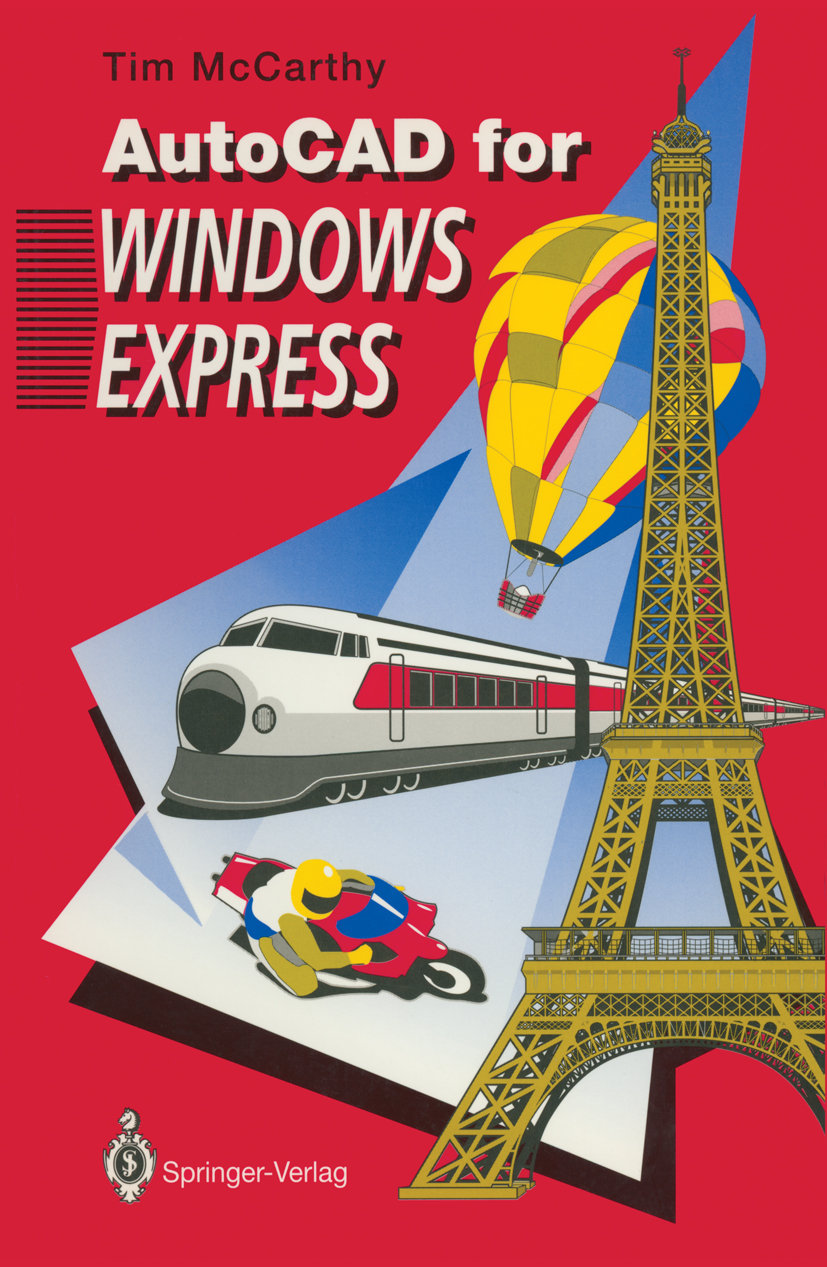
AutoCAD for Windows Express What is AutoCAD? AutoCAD is the world's most popular computer-aided drafting package for the personal computer (PC). It is a fully functional 2D and 3D CAD program. Full 3D wire frame representation was incorporated in the program with the launch of Release 10 in 1988. Release 11 brought additional 3D facilities in cluding some solid modelling capabilities. These capabilities were enhanced with Release 12 of the program for DOS and Windows. Its popularity has made AutoCAD the de facto industry standard for PC-CAD with a host of other program developers providing application software conforming to the AutoCAD format. As a fully functional drafting program, AutoCAD can achieve anything that can be drawn on a drawing board. The main benefits of CAD come more from being able to edit and exchange drawing information rapidly rather than simply replacing the drawing board. Starting to use AutoCAD is a difficult step as it requires a certain amount of new skill development. Once you have made the commitment to learn how to use the program and implement it in your everyday work the benefits will soon accrue. You will quickly discover that there are many things that you can do with AutoCAD that you could never do with a drawing board. With AutoCAD your drawings become more than just black lines on a white sheet of paper. The AutoCAD drawing is a database of information. TECHNOLOGY & ENGINEERING,Industrial Design,Product
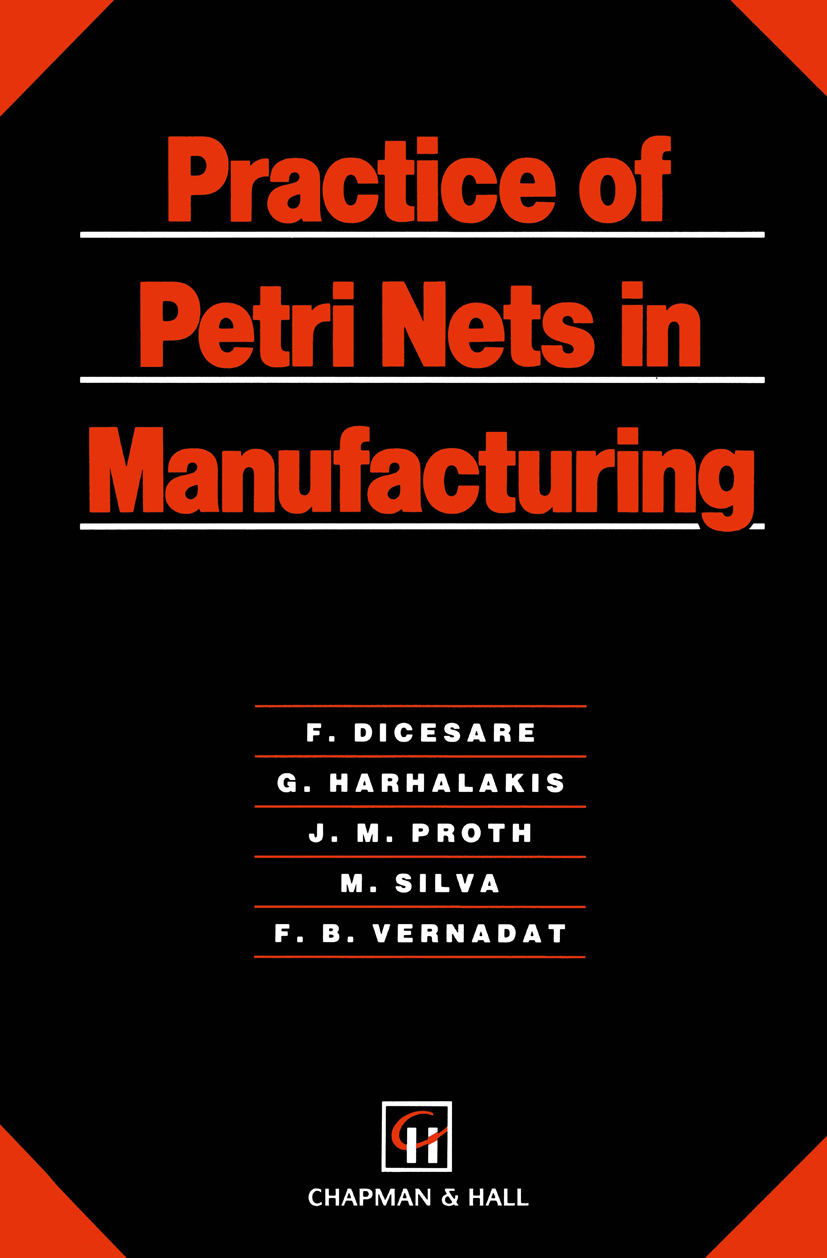
Practice of Petri Nets in Manufacturing M. Silva Significant changes have been occurring in industrialized countries since the Second World War. Production is moving towards sophisticated high qUality products, economy of scale has been replaced by economy of scope, jerky demands are progressively replacing steady demands, and competi tiveness is becoming a worldwide phenomenon. These trends require highly automated manufacturing systems with small set-up times and high flex ibility. As a consequence, implementation and running costs of modem manufacturing systems are drastically increasing, whereas their fields of application remain limited, and every day become even narrower, which increases the risk of early obsolescence. This is the reason why designers are trying to improve the preliminary design phase, also known as the 'paper study phase'. The preliminary design phase includes, but is not limited to, the func tional specification, and the evaluation of the system. Many tools exist to support the functional specification of manufactur ing systems. IDEFO is one of these tools. It leads, using a top-down ap proach, to a precise functional description of the required system. However, its use cannot be extended further. In general, the evaluation starts with a modeling step, which depends on the evaluation tool used, and ends by applying the model to find out its main dynamic characteristics. Two main approaches can be used to perform this task, namely simulation and math ematical approach. Using simulation, the modeling tool is either a classical computer language, or a simulation language. TECHNOLOGY & ENGINEERING,Industrial Design,Product
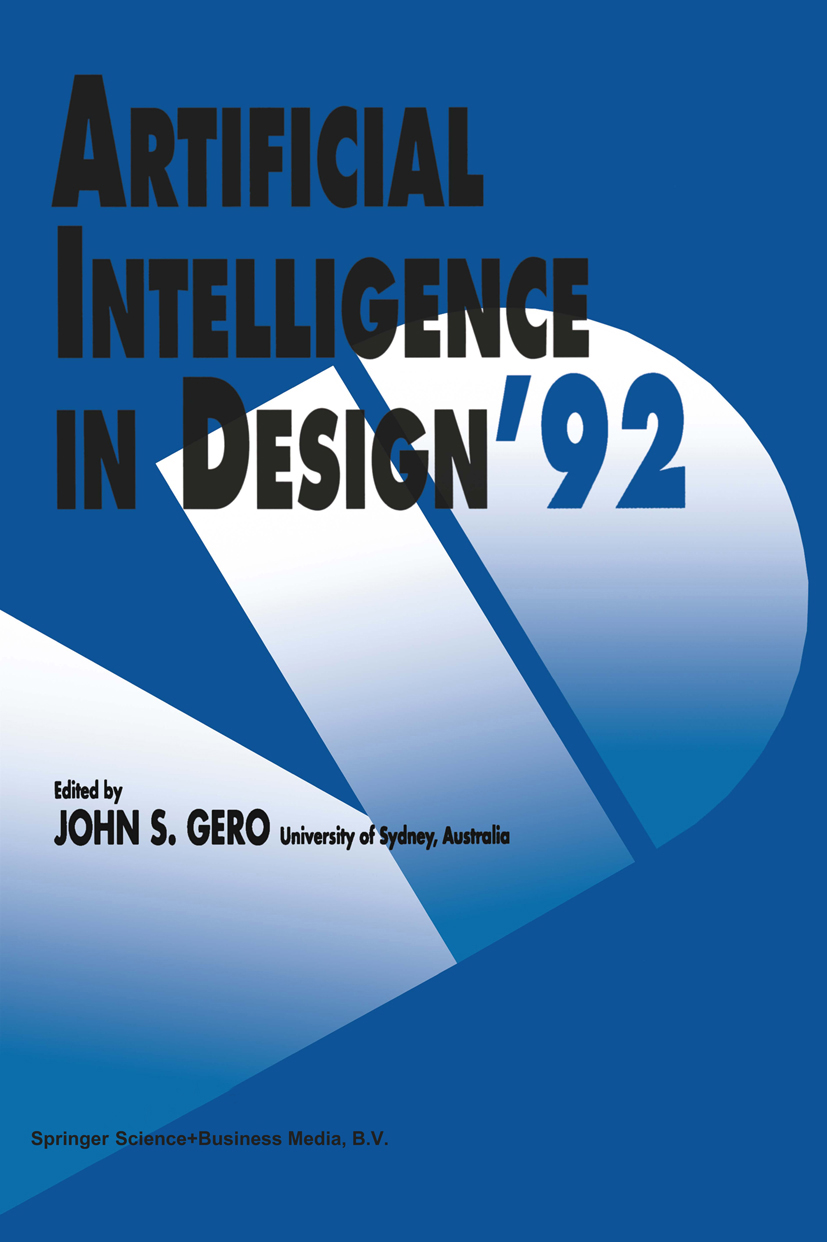
Artificial Intelligence in Design ’92 Design has now become an important research topic in engineering and architecture. Design is one of the keystones to economic competitiveness and the fundamental precursor to manufacturing. The development of computational models founded on the artificial intelligence paradigm has provided an impetus for current design research. This volume contains contributions from the Second International Conference on Artificial Intelligence in Design held in June 1992 in Pittsburgh. They represent the state-of-the-art and the cutting edge of research and development in this field. They are of particular interest to researchers, developers and users of computer systems in design. This volume demonstrates both the breadth and depth of artificial intelligence in design and points the way forward for our understanding of design as a process and for the development of computer-based tools to aiddesigners. TECHNOLOGY & ENGINEERING,Industrial Design,Product
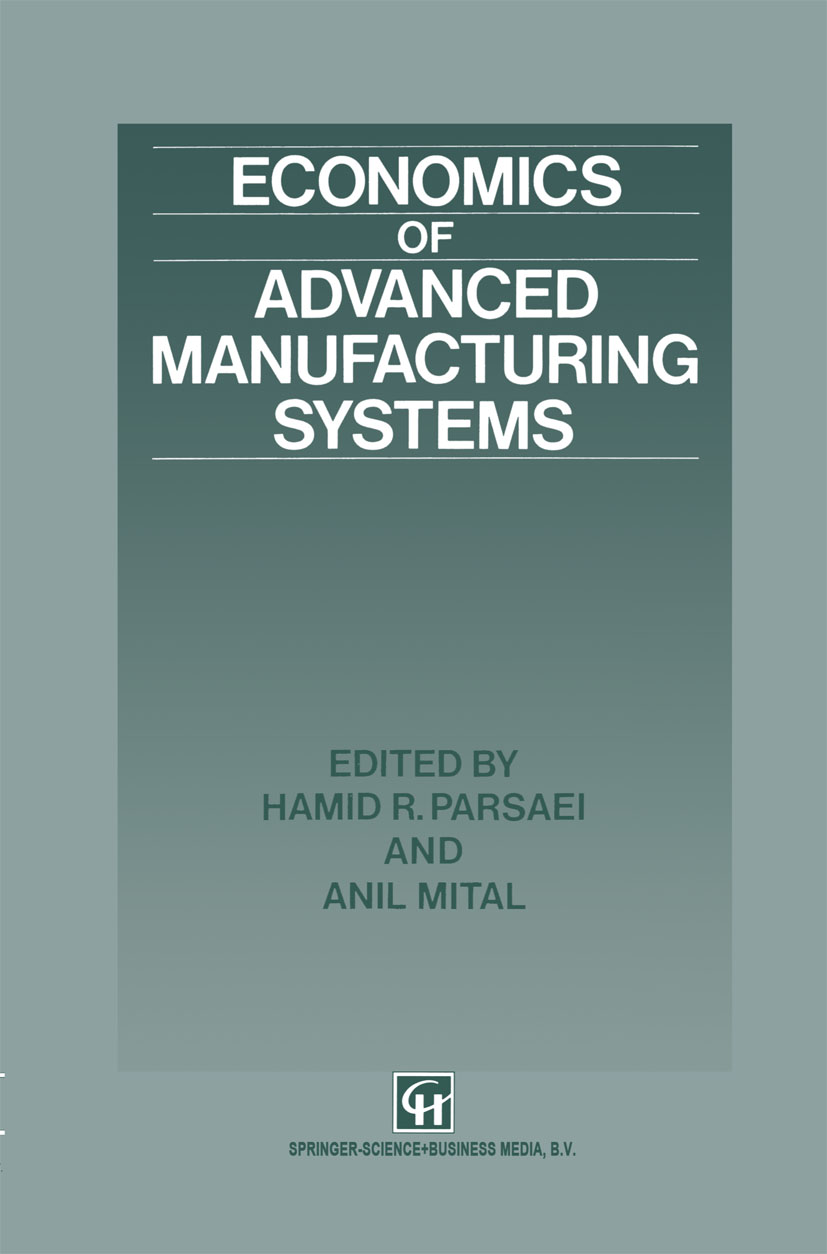
Economics of Advanced Manufacturing Systems The 1980s have witnessed a tremendous growth in the field of computer integrated manufacturing systems. The other major areas of development have been computer-aided design, computer-aided manufacturing, industrial robotics, automated assembly, cellular and modular material handling, computer networking and office automation to name just a few. These new technologies are generally capital intensive and do not conform to traditional cost structures. The net result is a tremendous change in the way costs should be estimated and economic analyses performed. The majority of existing engineering economy texts still profess application of traditional analysis methods. But, as was men tioned above, it is clear that the basic trend in manufacturing industries is itself changing. So it is quite obvious that the practice of traditional economic analysis methods should change too. This book is an attempt to address the various issues associated with non-traditional methods for evaluation of advanced computer-integrated technologies. This volume consists of twenty refereed articles which are grouped into five parts. Part one, Economic Justification Methods, consists of six articles. In the first paper, Soni et at. present a new classification for economic justification methods for advanced automated manufacturing systems. In the second, Henghold and LeClair look at strengths and weaknesses of expert systems in general and more specifically, an ap plication aimed at investment justification in advanced technology. The third paper, by Carrasco and Lee, proposes an enhanced economic methodology to improve the needs analysis, conceptual design and de tailed design activities associated with technology modernization. TECHNOLOGY & ENGINEERING,Industrial Design,Product
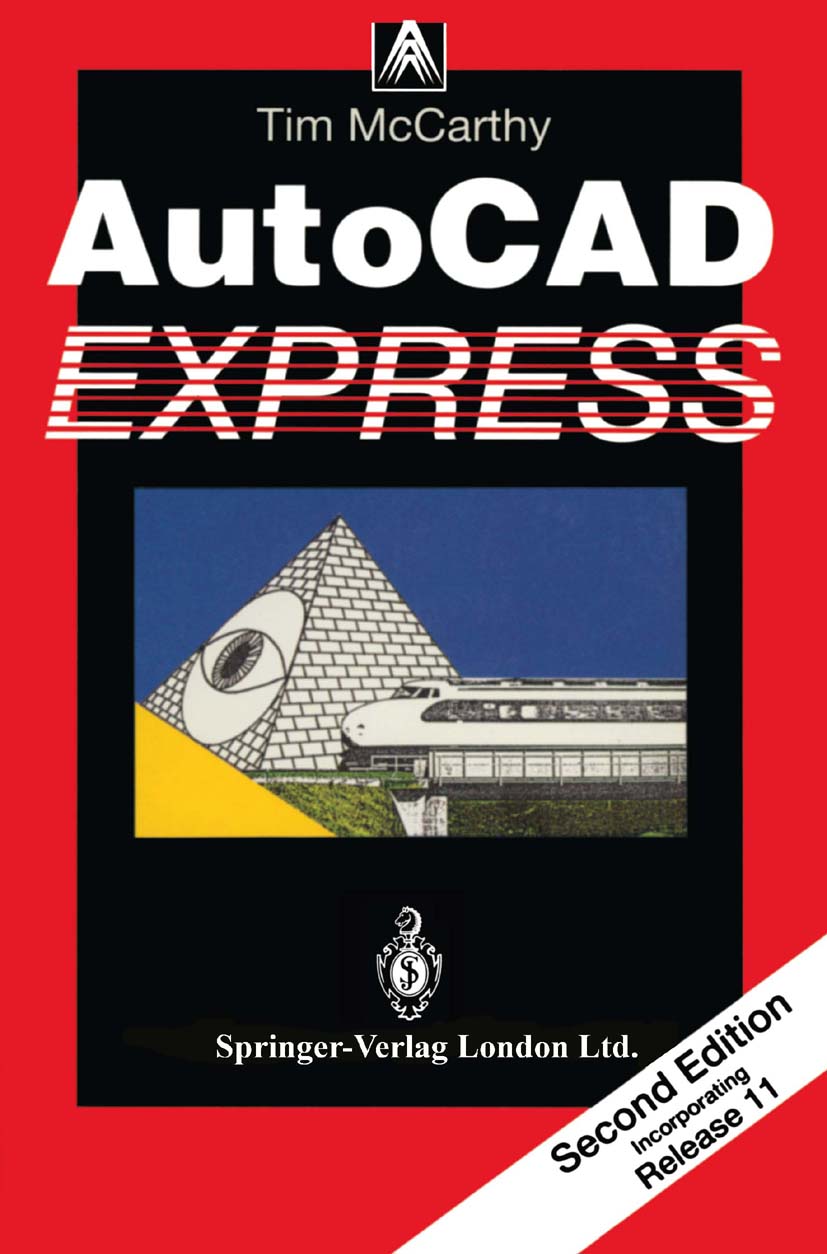
AutoCAD Express AutoCAD Express is an instructive and concise text enabling the reader to introduce and use this programming language on their own personal computer. A number of worked examples and practical tips are presented to demonstrate the details of individual commands and to illustrate drawing techniques. This second edition covers Release 11 and introduces a number of important new features. All major differences between the first and second edition are highlighted in the text, making the book helpful for users who are already familiar with the earlier version. TECHNOLOGY & ENGINEERING,Industrial Design,Product
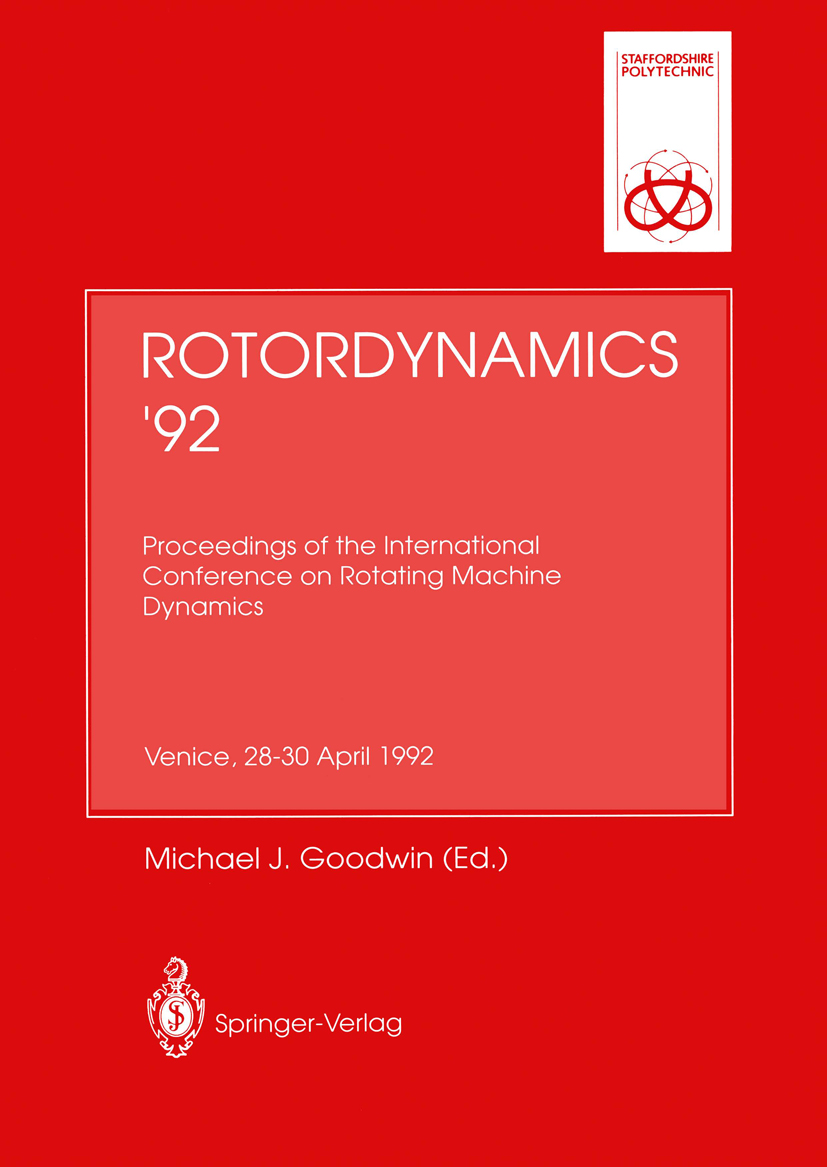
Rotordynamics ’92 Designers and operators of rotating machinery have to deal with the effects of machine vibration and wear. The increasing demands for quieter machine operation, longer machine life and a greater efficiency of operation have led to the use of sophisticated design aids. Research into rotating machinery is therefore of substantial and increasing importance. Rotordynamics '92 provides a record of some of the most recent research methods and results relating to the design and operation of rotating machinery. The conference is international in character and draws on research from a wide range of respected sources. TECHNOLOGY & ENGINEERING,Industrial Design,Product
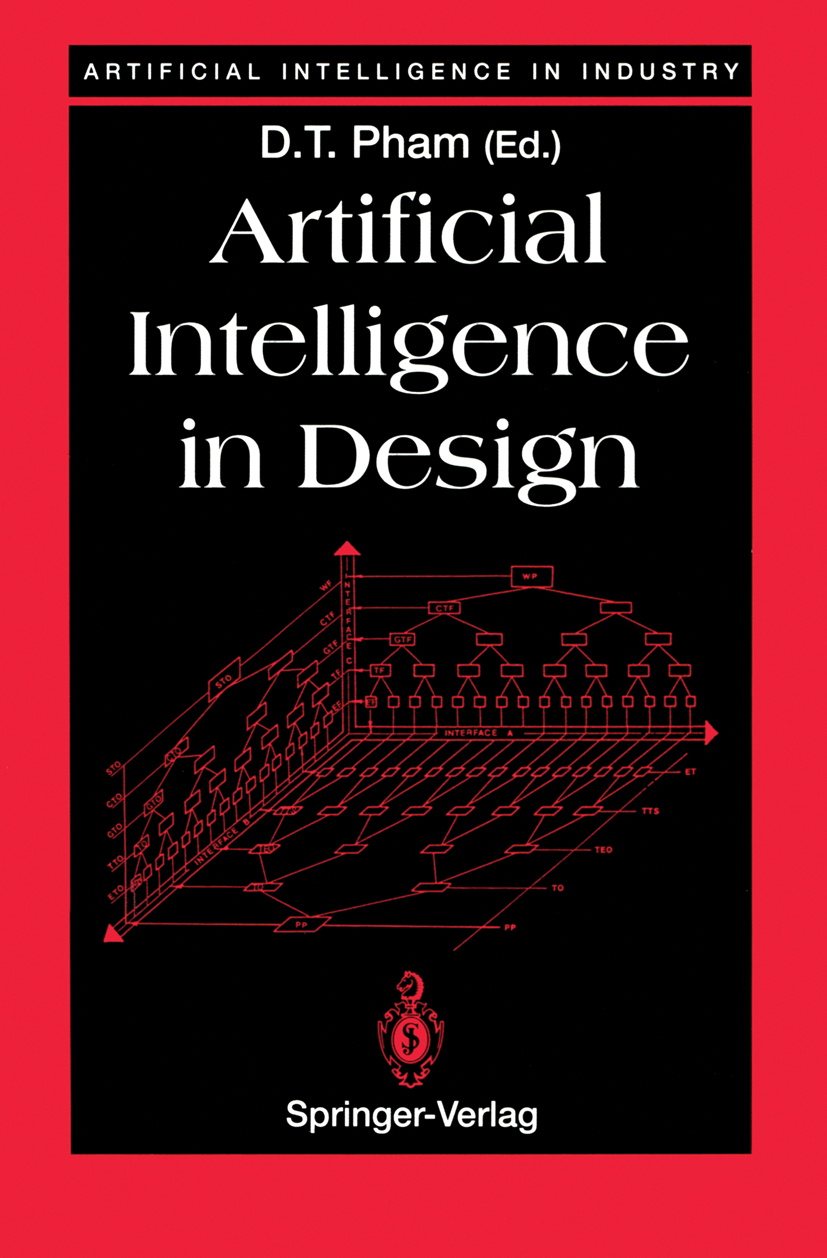
Artificial Intelligence in Design Computers have been employed for some time in engineering design mainly as numerical or graphical tools to assist analysis and draughting. The advent of the technology of artificial intelligence and expert systems has enabled computers to be applied to less deterministic design tasks which require symbolic manipulation and reasoning, instead of only routine number processing. This book presents recent examples of such applications, focusing on mechanical and manufacturing design. The term 'design' is interpreted here in its wider sense to include creative activities such as planning. The book covers a wide spectrum of design operations ranging from component and product design through to process, tooling and systems design. Its aim is to expose researchers, engineers and engineering designers to several developments in the emerging field of intelligent CAD and to alert them of the possibilites and opportunities in this exciting field. TECHNOLOGY & ENGINEERING,Industrial Design,Product
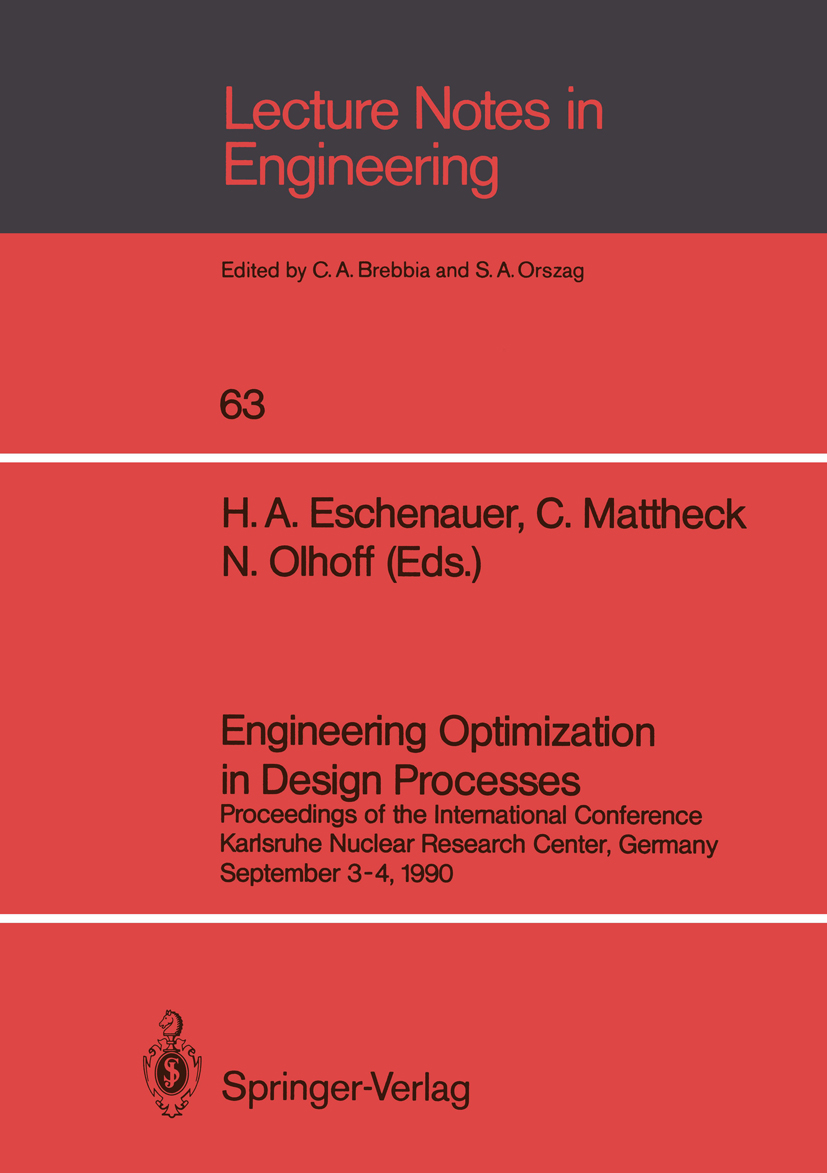
Engineering Optimization in Design Processes These proceedings contain the texts of 37 contributions presented at the International Conference on Engineering Optimization in an Industrial Environment, which took place on 3 - 4 September 1990 at the Karlsruhe Nuclear Hesearch Center, I~H Germany. The presentations consisted of oral and poster contributions arranged in five sessions: • Shape and layout optimization • Structural optimization with advanced materials • Optimal designs with special structural and material beha viour • Sensitivity analysis - Programme systems • Optimization with stability constraints - Special problems The editors wish to express their appreciation to all authors and invited speakers for their in teresting contributions. The proceedings cover a wide range of topics in structural optimization representing the present state of the art in the fields of research and in the industrial environment as well. The editors hope that this book will also contribute towards new ideas and concepts in a world of ever decreasing natural resources and ever increasing demands for lighter and yet stronger and safer technical components. I"inally, the editors wish to thank all colleagues who helped in the organisation of the conference, especially Mrs. E. Schroder anq Dr. K.llethge, as well as Mr. A. von lIagen and Mrs. E. Haufelder, Springer Publishing Company, Heidelberg for the good cooperation and help in the publication of these proceedings. TECHNOLOGY & ENGINEERING,Industrial Design,Product
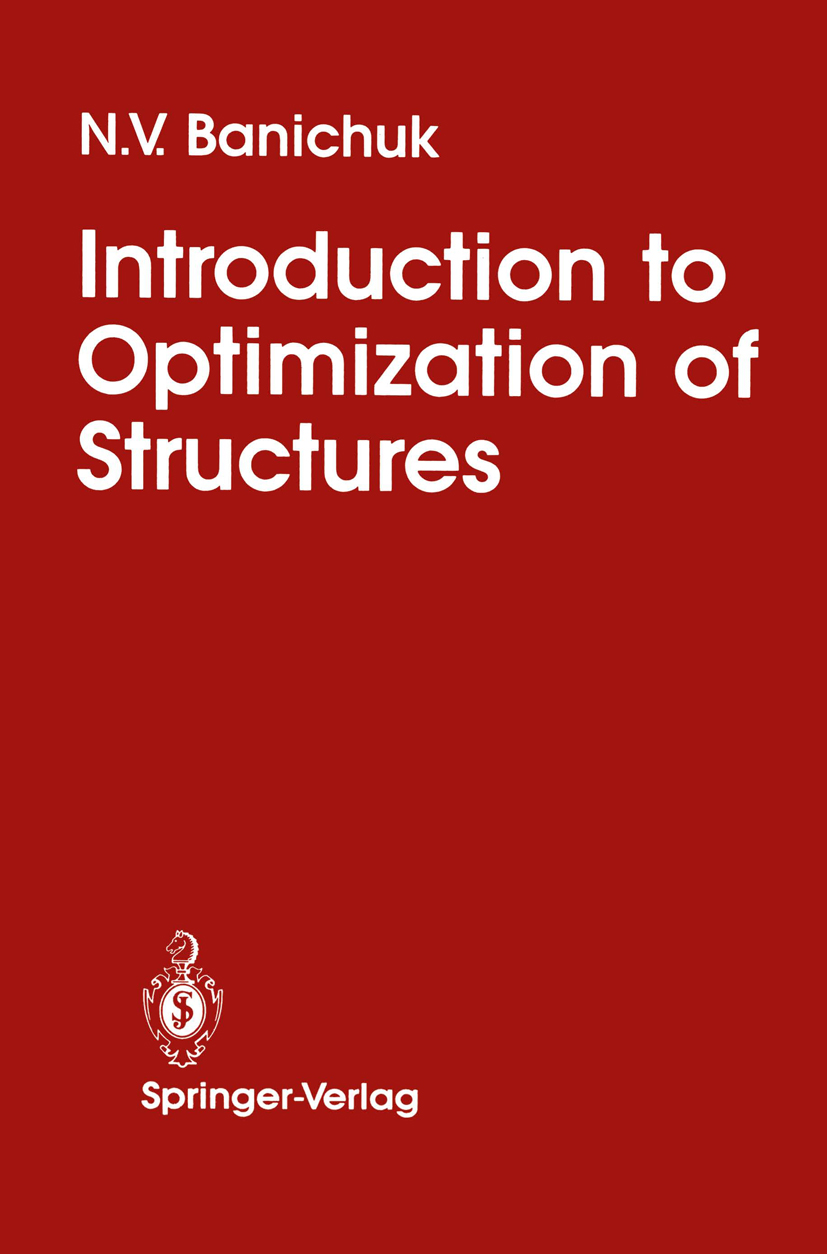
Introduction to Optimization of Structures 1 The Theory and Techniques of Structural Optimization.- 1 Fundamental Concepts and Problems of Optimal Design.- 2 Reformulation of Optimal Design Problems.- 3 Optimality Conditions.- 4 Analytic and Numerical Techniques for Distributed Parameters Structural Optimization Problems.- 5 Techniques for Optimization of Discrete Systems.- 2 Strength, Rigidity, Stability, and Weight Criteria for Optimal Design.- 6 Application of Strength and Weight Criteria.- 7 Rigidity and Weight Criteria.- 8 Application of the Stability and Weight Criteria. TECHNOLOGY & ENGINEERING,Industrial Design,Product
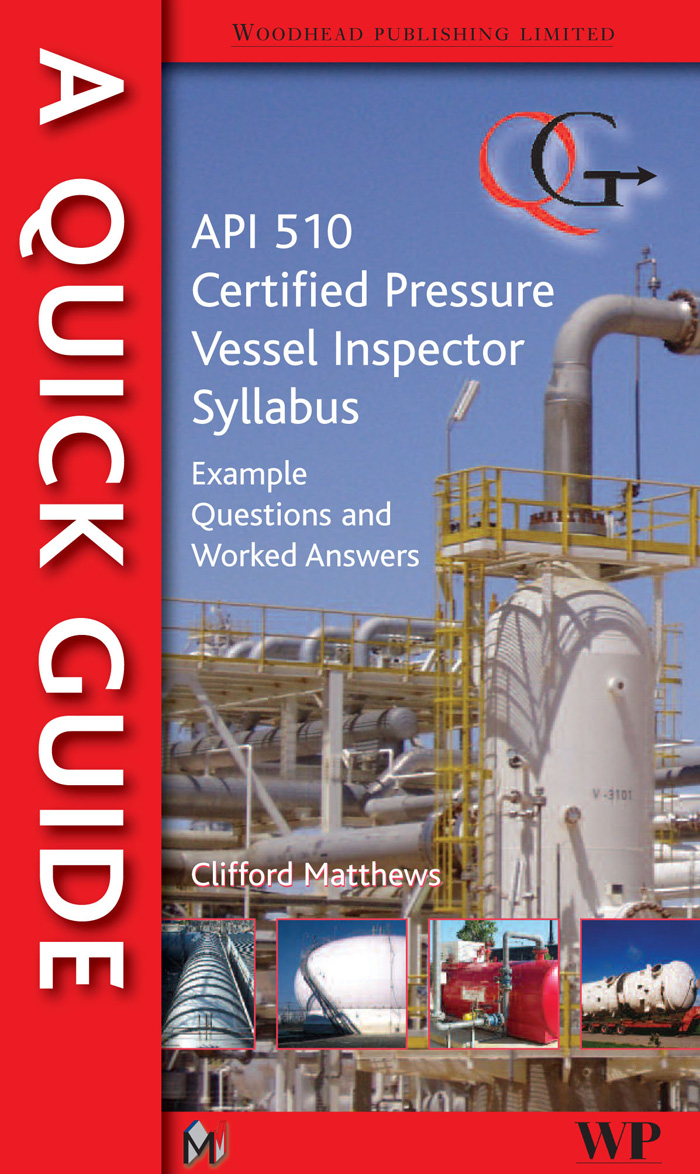
A Quick Guide to API 510 Certified Pressure Vessel Inspector Syllabus The API Individual Certification Programs (ICPs) are well established worldwide in the oil, gas, and petroleum industries. This Quick Guide is unique in providing simple, accessible and well-structured guidance for anyone studying the API 510 Certified Pressure Vessel Inspector syllabus by summarizing and helping them through the syllabus and providing multiple example questions and worked answers. Technical standards are referenced from the API ‘body of knowledge’ for the examination, i.e. API 510 Pressure vessel inspection, alteration, rerating; API 572 Pressure vessel inspection; API RP 571 Damage mechanisms; API RP 577 Welding; ASMEVIII Vessel design; ASMEV NDE; and ASME IX Welding qualifications. Provides simple, accessible and well-structured guidance for anyone studying the API 510 Certified Pressure Vessel Inspector syllabus Summarizes the syllabus and provides the user with multiple example questions and worked answers Technical standards are referenced from the API ‘body of knowledge’ for the examination TECHNOLOGY & ENGINEERING,Industrial Design,Product
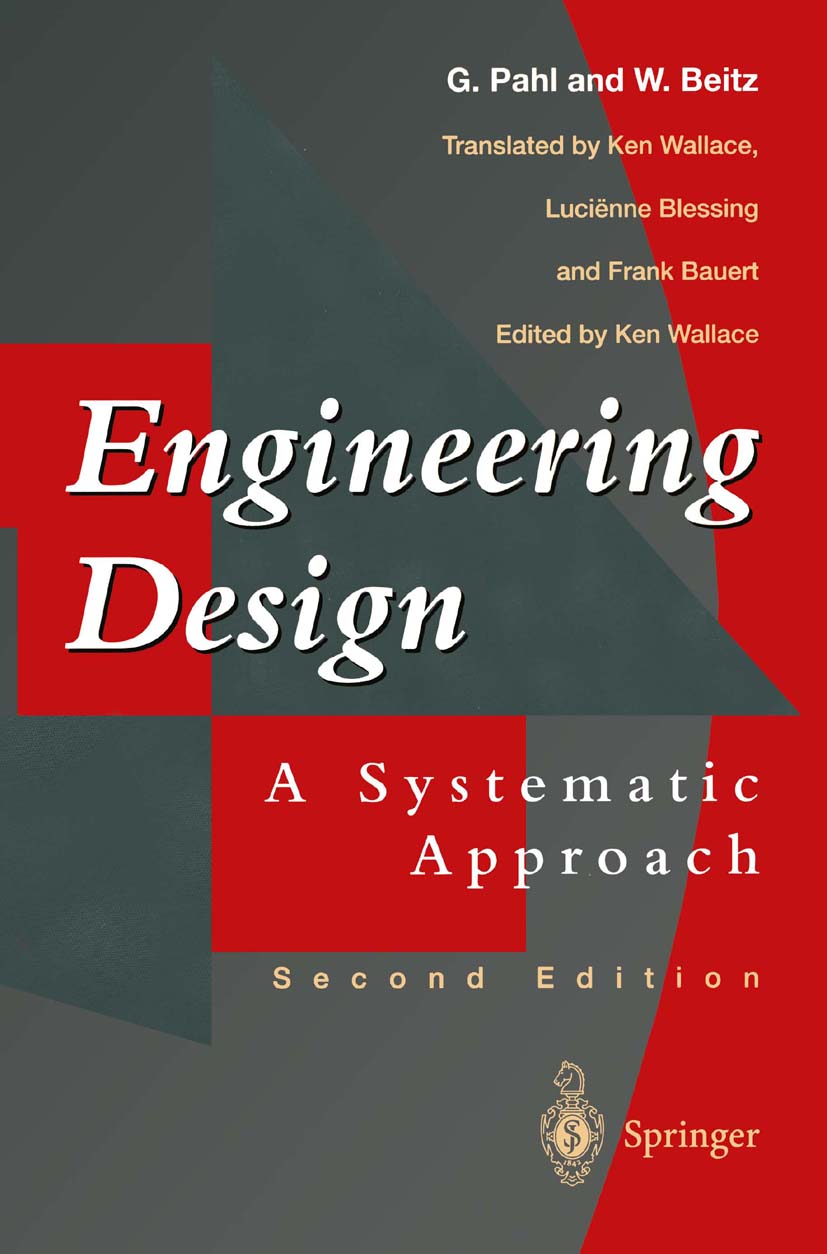
Engineering Design The aIm of the first two German editions of our book Kon struktionslehre (Engineering Design) was to present a comprehensive, consistent and clear approach to systematic engineering design. The book has been translated into five languages, making it a standard international reference of equal importance for improving the design methods of practising designers in industry and for educating students of mechanical engineering design. Although the third German edition conveys essentially the same message, it contains additional knowledge based on further findings from design research and from the application of systematic design methods in practice. The latest references have also been included. With these additions the book achieves all our aims and represents the state of the art. Substantial sections remain identical to the previous editions. The main extensions include: - a discussion of cognitive psychology, which enhances the creativity of design work; - enhanced methods for product planning; - principles of design for recycling; - examples of well-known machine elements*; - special methods for quality assurance; and - an up-to-date treatment of CAD*. TECHNOLOGY & ENGINEERING,Industrial Design,Product
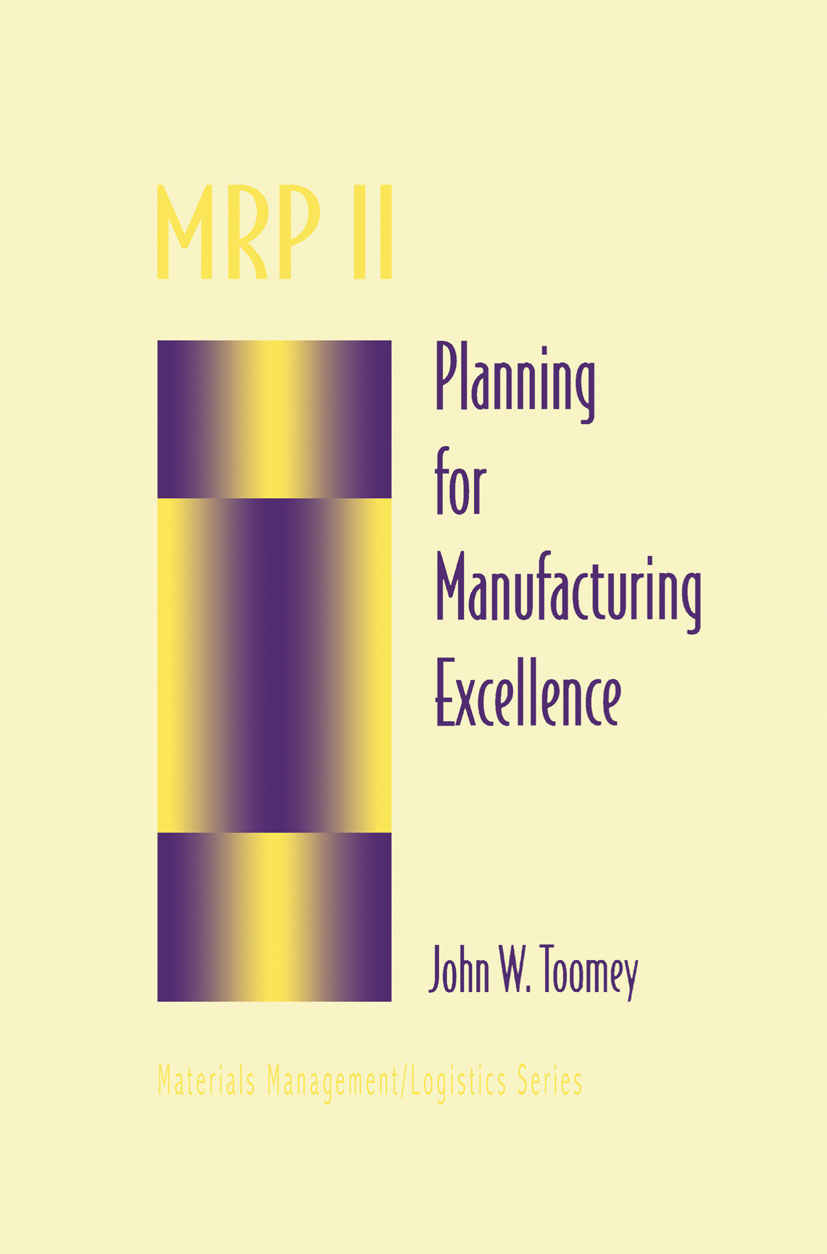
MRP II MRP II explores the principles of MRP II systems, and how the manufacturer can utilize and institute them effectively for maximum profit. The book will serve as a valuable professional reference for manufacturers instituting or utilizing an MRP II scheduling system. It will also be a valuable teaching tool for the 2- and 4- year college or university programs, a reference for APICS certification review, and continuing education programs. There are examples throughout, as well as extensive end-of-chapter case studies and their solutions. A glossary of terms is also included. TECHNOLOGY & ENGINEERING,Industrial Design,Product

Total Materials Management Reflecting the enhance role of materials/logistics management in today's competitive business environment, this new edition provides a fundamental understanding of the subject and its fuction in all sectors of the economy. It examines the vital area of customer service and shows how to implement a world class, integrated materials/logistics system that control activities starting with the supplier, through the company operation, and concluding with the satisfied customer. Thoroughly revised and updated, the Second Edition features new chapters on Just-In-Time and automation. Additional discussions include achieving world class competitiveness, ISO 9000 and organizational trends. Theoretical and practical examples of materials/logistics management are integrated with numerous real-life examples. This Second Edition of Total Materials Management presents accessible approaches for enhancing materials management/logistics, enabling personnel in purchasing, warehousing, physical distribution, materials handling, inventory control and production control to capitalize on vast opportunities for savings. This book is also an important resource for students in courses on materials/logistics management. TECHNOLOGY & ENGINEERING,Industrial Design,Product
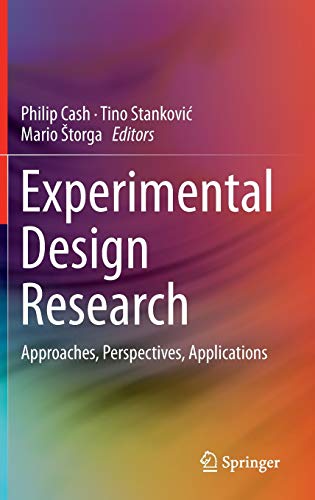
Experimental Design Research This book presents a new, multidisciplinary perspective on and paradigm for integrative experimental design research. It addresses various perspectives on methods, analysis and overall research approach, and how they can be synthesized to advance understanding of design. It explores the foundations of experimental approaches and their utility in this domain, and brings together analytical approaches to promote an integrated understanding. The book also investigates where these approaches lead to and how they link design research more fully with other disciplines (e.g. psychology, cognition, sociology, computer science, management). Above all, the book emphasizes the integrative nature of design research in terms of the methods, theories, and units of study—from the individual to the organizational level. Although this approach offers many advantages, it has inherently led to a situation in current research practice where methods are diverging and integration between individual, team and organizational understanding is becoming increasingly tenuous, calling for a multidisciplinary and transdiscipinary perspective. Experimental design research thus offers a powerful tool and platform for resolving these challenges. Providing an invaluable resource for the design research community, this book paves the way for the next generation of researchers in the field by bridging methods and methodology. As such, it will especially benefit postgraduate students and researchers in design research, as well as engineering designers. TECHNOLOGY & ENGINEERING,Industrial Design,Product
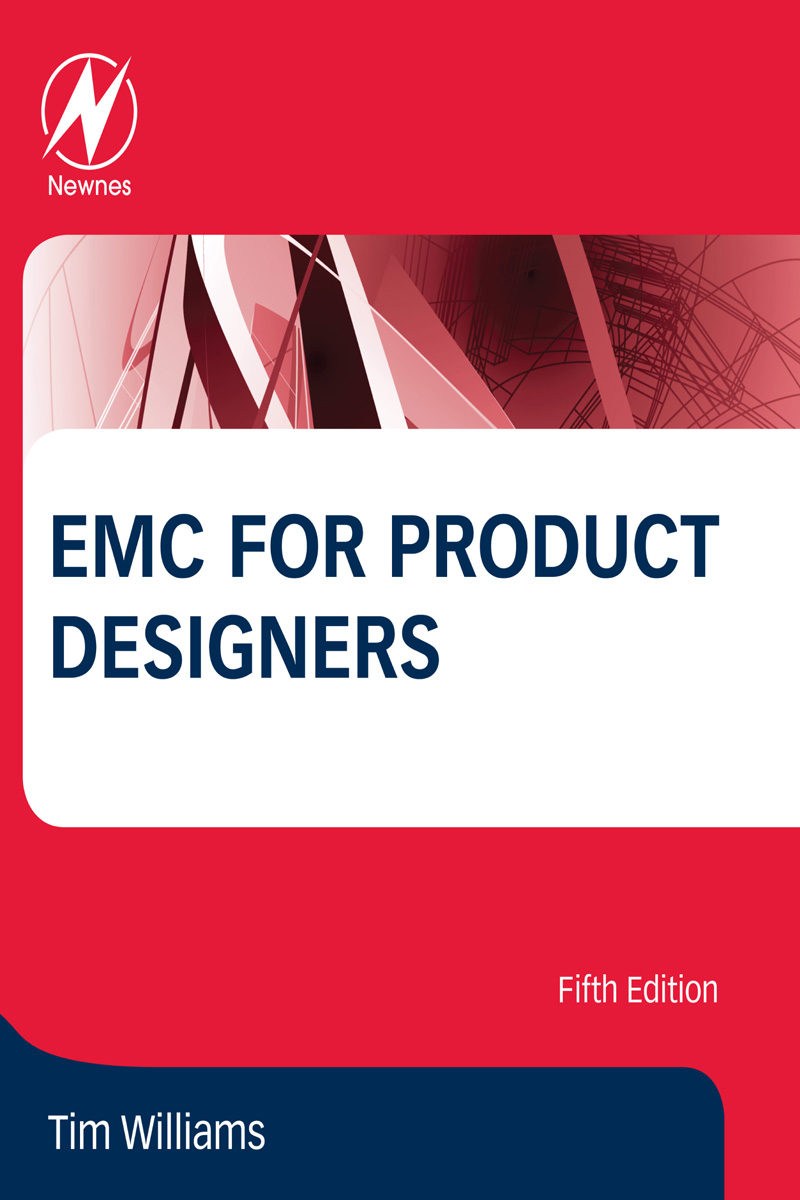
EMC for Product Designers EMC for Product Designers, Fifth Edition, provides all the key information needed to meet the requirements of the EMC compliance standards. More importantly, it shows how to incorporate EMC principles into the product design process, avoiding cost and performance penalties to meet the needs of specific standards that produce a better overall product. As well as covering the 2016 versions of the EU EMC and Radio Directives, this new edition has been thoroughly updated to be in line with the latest best practices in EMC compliance and product design. Coverage now includes extra detail on the main automotive, military, and aerospace standards requirements, as well as a discussion of the issues raised by COTS equipment in military applications. New to this edition are chapters on functional safety, design and installation aspects of switchmode power converters with an introduction to EMC testing of integrated circuits, new details on CISPR 32/35, updates to new versions of the Directives DEF STAN 59-411, DO-160 and MIL STD 461, with more commentary on the implications and requirements of military and aerospace standards, and an added reference to CE Marking for military and problems of COTS. In addition, new sections on IC emissions measurements per IEC 61967 are included, along with new coverage of FFT/time domain receivers, an expanded section on military/aerospace transients, special references to DO160 lightning, added material on MIL STD 461 CE101, RE101, and RS101, the latest practice in PCB layout with a discussion of slots in ground planes, current practice on decoupling, extended coverage of DC-DC converters and motor drives, and a new section on switching inverter (motor drives, renewable energy converters, etc.) installation, and the latest 2016 mandatory regulations of the RTTE and EMC Directives. Presents a complete introduction to EMC for product design from a practicing consultant in the field Includes short case studies that demonstrate how EMC product design is put into practice Provides the latest 2016 mandatory regulations of both the RTTE Directive and EMC Directive TECHNOLOGY & ENGINEERING,Industrial Design,Product

Ship Construction and Welding This book addresses various aspects of ship construction, from ship types and construction materials, to welding technologies and accuracy control. The contents of the book are logically organized and divided into twenty-one chapters. The book covers structural arrangement with longitudinal and transverse framing systems based on the service load, and explains basic structural elements like hatch side girders, hatch end beams, stringers, etc. along with structural subassemblies like floors, bulkheads, inner bottom, decks and shells. It presents in detail double bottom construction, wing tanks & duct keels, fore & aft end structures, etc., together with necessary illustrations. The midship sections of various ship types are introduced, together with structural continuity and alignment in ship structures. With regard to construction materials, the book discusses steel, aluminum alloys and fiber reinforced composites. Various methods of steel material preparation are discussed, and plate cutting and forming of plates and sections are explained. The concept of line heating for plate bending is introduced. Welding power source characteristics, metal transfer mechanisms, welding parameters and their effects on the fusion zone, weld deposit, and weld bead profile are discussed in detail. Various fusion welding methods, MMAW, GMAW, SAW, Electroslag welding and Electrogas welding and single side welding are explained in detail. Friction stir welding as one of the key methods of solid state welding as applied to aluminum alloys is also addressed. The mechanisms of residual stress formation and distortion are explained in connection with stiffened panel fabrication, with an emphasis on weld induced buckling of thin panels. Further, the basic principles of distortion prevention, in-process distortion control and mitigation techniques like heat sinking, thermo-mechanical tensioning etc. are dealt with in detail. In its final section, the book describes in detail various types of weld defects that are likely to occur, together with their causes and remedial measures. The nondestructive testing methods that are most relevant to ship construction are explained. Lastly, a chapter on accuracy control based on statistical principles is included, addressing the need for a suitable mechanism to gauge the ranges of variations so that one can quantitatively target the end product accuracy. TECHNOLOGY & ENGINEERING,Industrial Design,Product
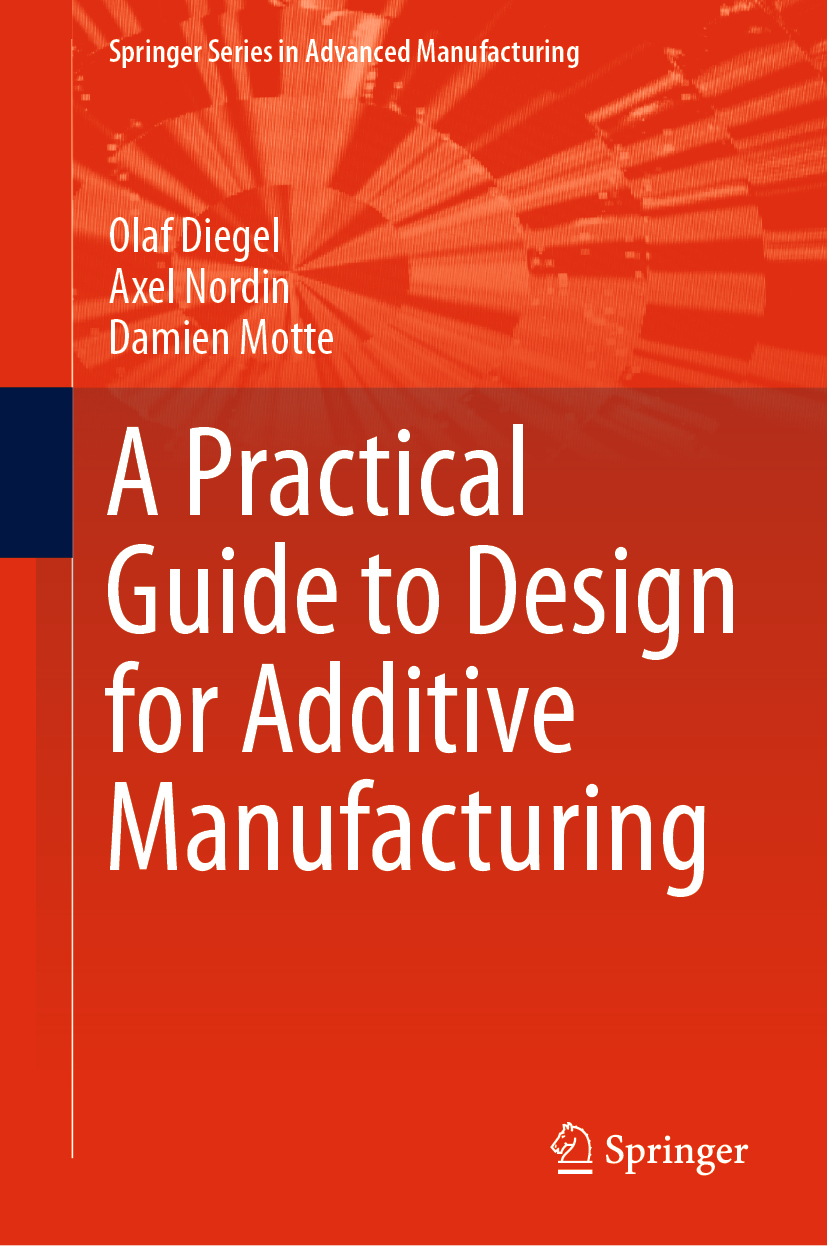
A Practical Guide to Design for Additive Manufacturing This book provides a wealth of practical guidance on how to design parts to gain the maximum benefit from what additive manufacturing (AM) can offer. It begins by describing the main AM technologies and their respective advantages and disadvantages. It then examines strategic considerations in the context of designing for additive manufacturing (DfAM), such as designing to avoid anisotropy, designing to minimize print time, and post-processing, before discussing the economics of AM. The following chapters dive deeper into computational tools for design analysis and the optimization of AM parts, part consolidation, and tooling applications. They are followed by an in-depth chapter on designing for polymer AM and applicable design guidelines, and a chapter on designing for metal AM and its corresponding design guidelines. These chapters also address health and safety, certification and quality aspects. A dedicated chapter covers the multiple post-processing methods for AM, offering the reader practical guidance on how to get their parts from the AM machine into a shape that is ready to use. The book’s final chapter outlines future applications of AM. The main benefit of the book is its highly practical approach: it provides directly applicable, “hands-on†information and insights to help readers adopt AM in their industry TECHNOLOGY & ENGINEERING,Industrial Design,Product
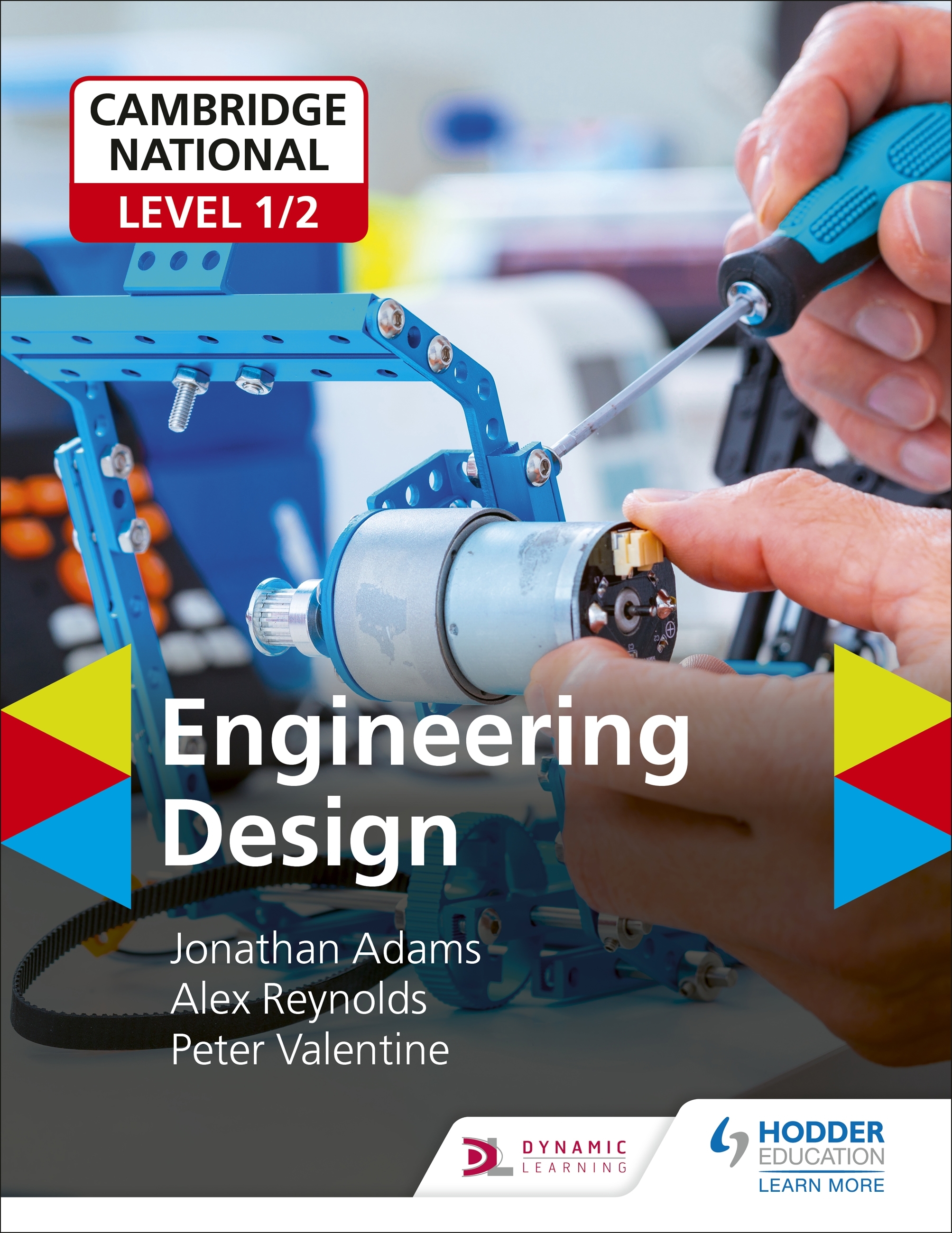
Cambridge National Level 1/2 Award/Certificate in Engineering Design Help your learners develop their knowledge and prepare for assessment with this brand-new classroom resource - the only textbook tailored to the Cambridge National Level 1/2 Award and Certificate in Engineering Design. Covering all four units, this Student Book will:- develop learners' skills and confidence in preparation for assessment with detailed guidance on each learning outcome- contextualise knowledge with activities and case studies throughout- include practice questions to help with unit R105: Design briefs, design specifications and user requirements- provide expert advice to help students understand the format of the centre-assessed units and develop their portfolio of evidence. TECHNOLOGY & ENGINEERING,Industrial Design,Product

Graphical Heritage This book presents the proceedings of the 18th International Conference on Graphic Design in Architecture, EGA 2020, focusing on heritage – including architectural and graphic heritage as well as the graphics of heritage. Consisting of two parts: “Representation and Analysis†and “Concept and Creationâ€, this second volume gathers selected contributions on topics ranging from graphic representation to the graphic presentation of ideas, i.e. artistic creation, to bridge the gap between graphic heritage and the graphics of heritage. Given its scope, this volume will appeal to architectural and graphic designers, artists and engineers, providing them with extensive information on new methods and a source of inspiration for future research and interdisciplinary collaborations. TECHNOLOGY & ENGINEERING,Industrial Design,Product

Graphical Heritage This book presents the proceedings of the 18th International Conference on Graphic Design in Architecture, EGA 2020, focusing on heritage – including architectural and graphic heritage as well as the graphics of heritage. This first volume gathers selected contributions covering theories, and new technologies and findings to help shed light on current questions related to heritage. It features original documentation studies on historical archives, 3D and solid representation of architectural objects, as well as virtual graphic representation and applications of augmented reality, all documenting and/or reconstructing the present, past and future of architectural objects. As such, this book offers extensive and timely information to architectural and graphic designers, urban designers and engineers, and industrial designers and historians. TECHNOLOGY & ENGINEERING,Industrial Design,Product
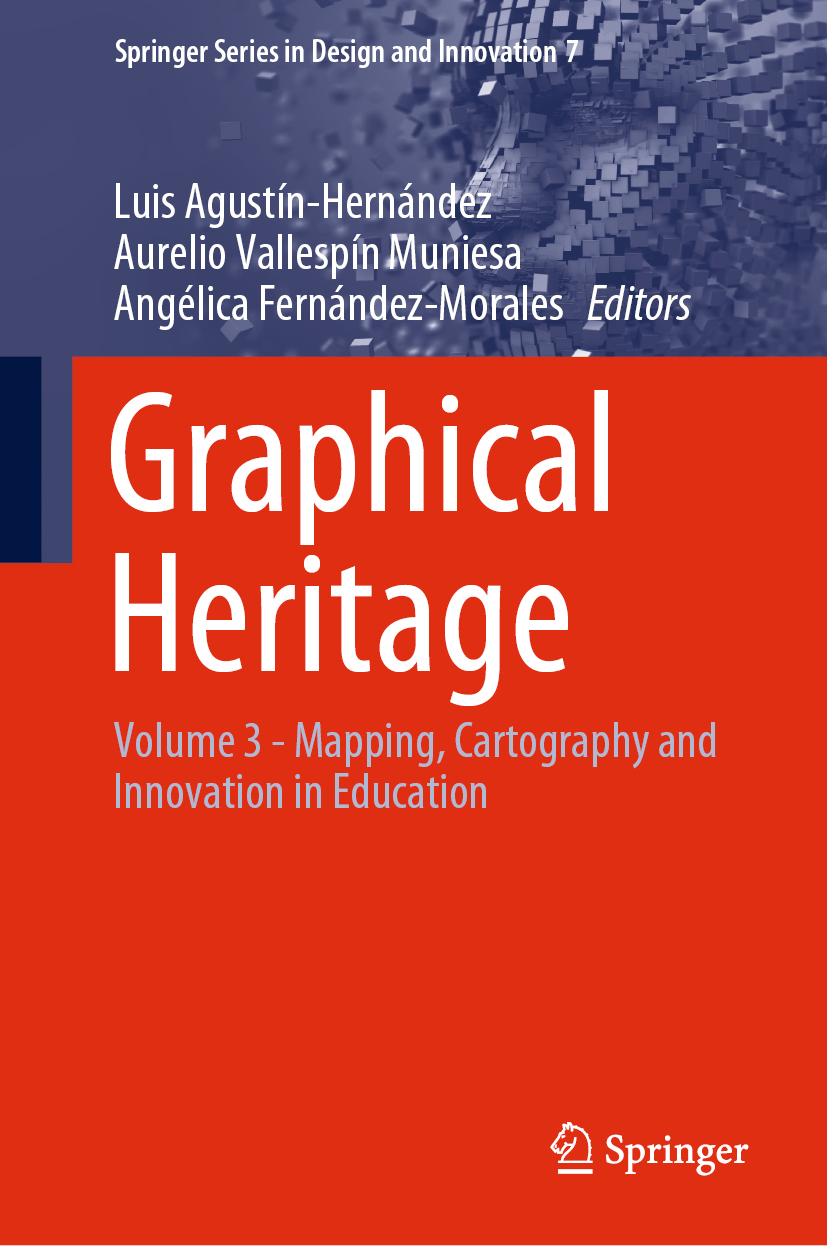
Graphical Heritage This book presents the proceedings of the 18th International Conference on Graphic Design in Architecture, EGA 2020, focusing on heritage – including architectural and graphic heritage as well as the graphics of heritage. The third of three volumes, this book discusses topics related to mapping, cartography and landscape, as well as innovative education methods, particularly in the context of teaching architectural heritage. It covers historical cartography and new cartographies, as well as methods for representing the landscape, and reports on different learning methods and practices, including classroom methods but also those involving more active participation and multidisciplinary and collaborative production. Given its scope, this book will appeal cartographers, designers and teachers, providing them with extensive information on innovative methodologies and a source of inspiration for their future work. TECHNOLOGY & ENGINEERING,Industrial Design,Product
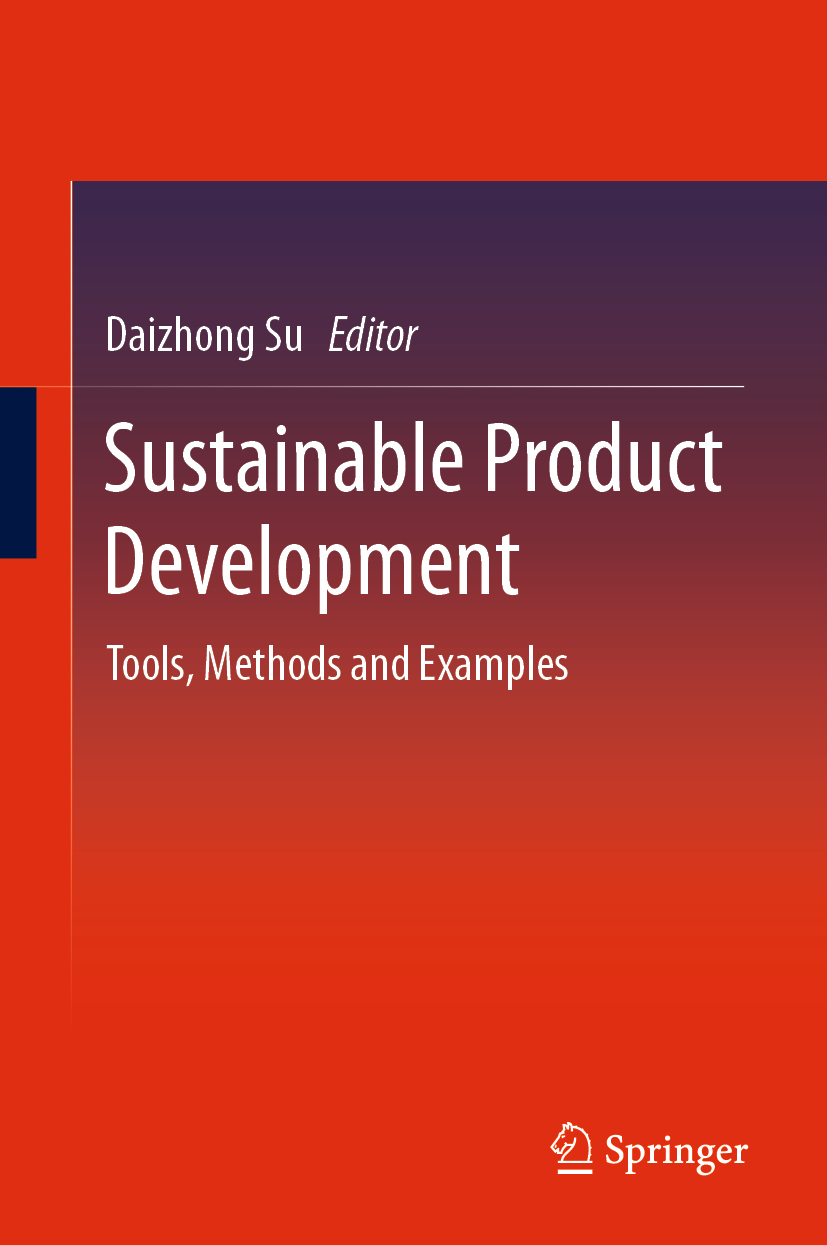
Sustainable Product Development This book offers a comprehensive review of sustainability and product design, providing useful information on the relevant regulations and standards for industries to meet increasing market demands for eco-products, while reducing their impact on the environment. The examples and methods presented allow readers to gain insights into sustainable products. The authors also explain how to develop products with sustainability features by applying tools and methods for sustainable design and manufacture. These tools/methods include • Regulations/directives related to sustainable product development • Popular lifecycle analysis software packages • Environmental and social lifecycle impact assessment methods • Lifecycle inventory databases • Eco-point and eco-accounting infrastructure • ICT and traceability technologies for sustainable product development • Sustainable design and manufacture • Integrated approach for sustainable product development A description of each sustainability tool is accompanied by easy-to-understand guidelines as well as sustainable product development methods. Five different case studies are also presented to illustrate how to apply the tools and methods into the development of real sustainable products. In view of the increasing pressure on industries to meet the, sometimes conflicting, demands of the market and environment, this book is a valuable resource for engineers and managers in manufacturing companies wishing to update their knowledge of sustainable product development. It is also suitable for researchers and consultants who are involved or interested in sustainable product development, as well as for students studying sustainable development, production, and engineering management. TECHNOLOGY & ENGINEERING,Industrial Design,Product
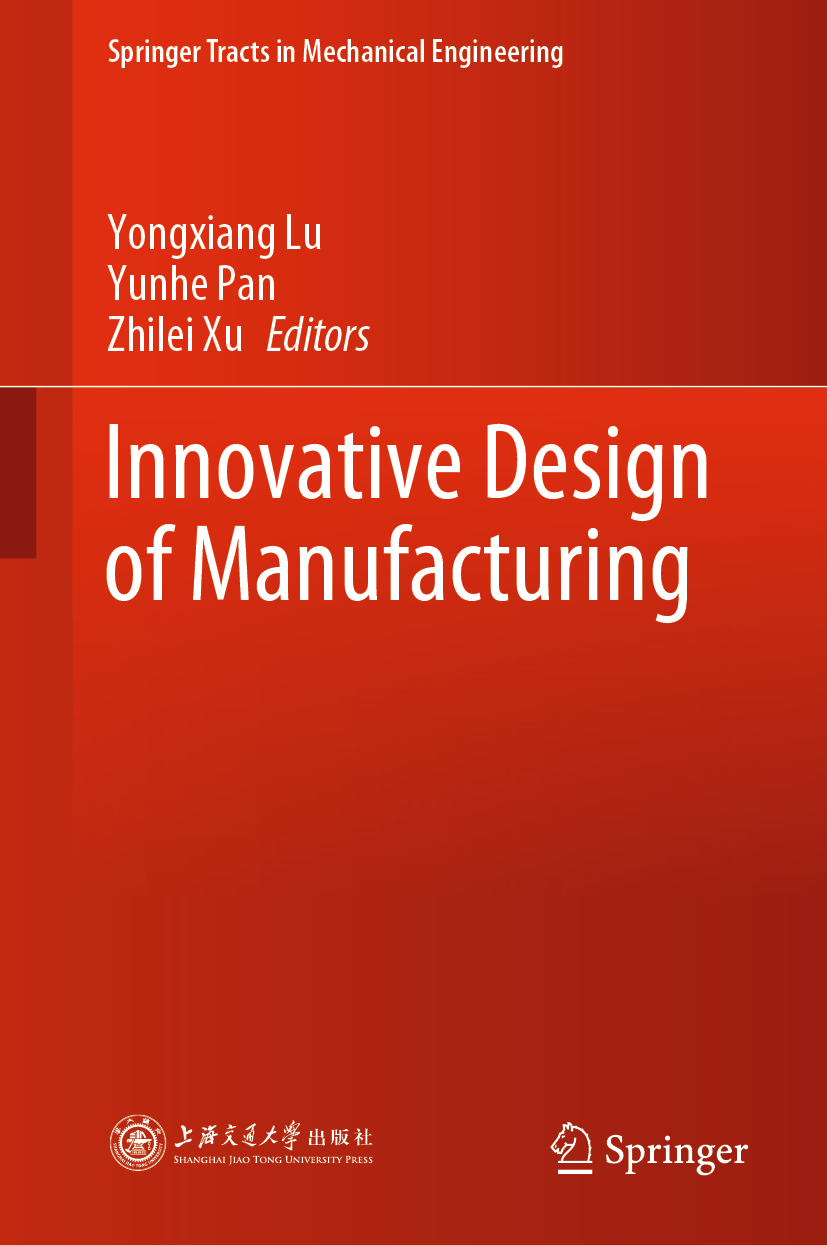
Innovative Design of Manufacturing With the implementation of the strategic plan “Made in China 2025†as its guideline and “the study of formulation of executive summary of innovative design in the manufacturing industry†as the main theme, this book provides an in-depth interpretation of innovative design from three perspectives – why, what and how. Chapter One, “The Necessity of Developing Innovative Design,†focuses on why innovative design should be developed, and Chapter Two, “Concept And Connotation of Innovative Design,†explains what innovative design is, while Chapters Three to Seven systematically and comprehensively discuss how to develop innovative design and how to improve innovative design skills in various contexts, including key industries, business, personnel training, platform building, and supporting measures. Lastly, Chapter Eight “Cases of Innovative Design†explores the value of innovative design and innovative design-driven industrial transformation. By analyzing several design-driven companies, such as China Railway Rolling Stock Corporation, Haier Group and GAG Trumpchi, and the role of corporate innovative development as well as typical examples of major innovative design projects, it offers readers insights and inspiration. TECHNOLOGY & ENGINEERING,Industrial Design,Product
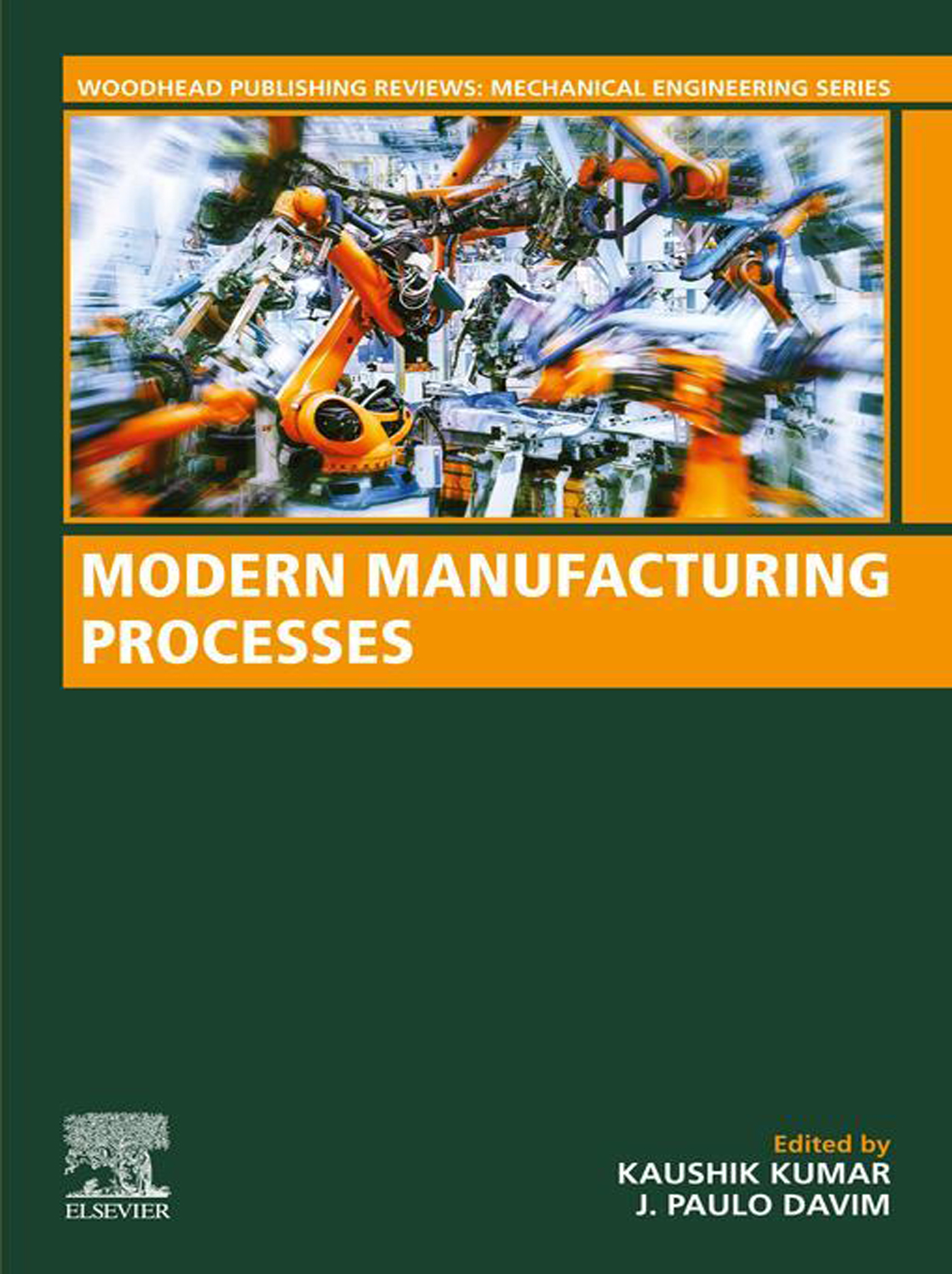
Modern Manufacturing Processes Modern Manufacturing Processes draws on the latest international research on traditional and non-traditional practices, to provide valuable advice on the digitization and automation of the manufacturing industry. In addition to providing technical details for the correct implementation of the latest tools and practices, the impacts on productivity and design quality are also examined. The thorough classification of manufacturing processes will help readers to decide which technology is most effective for their requirements, and comparisons between modern and traditional methods will clarify the case for upgrading. This comprehensive assessment of technologies will include additive manufacturing, and industry 4.0, as well as hybrid methods where exceptional results have been gained through the use of traditional technology. This collection of work by academics at the cutting edge of manufacturing research will help readers from a range of backgrounds to understand and apply these new technologies. Explains how the correct implementation of modern manufacturing processes can help a factory gain the characteristics of an industry 4.0 business Explores what the main technical and business drivers for new manufacturing processes are today Provides detailed classifications and comparisons of traditional, non-traditional, and hybrid manufacturing processes TECHNOLOGY & ENGINEERING,Industrial Design,Product
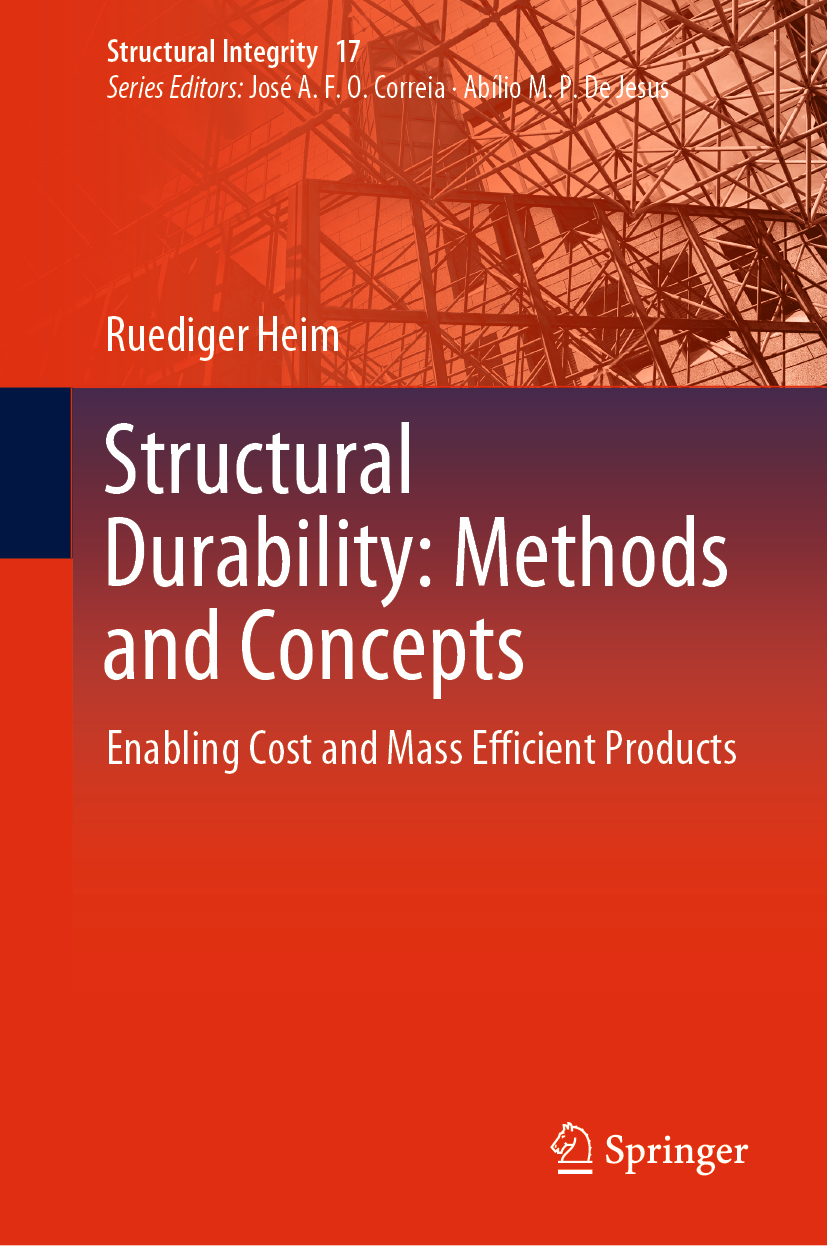
Structural Durability This book provides methods and concepts which enable engineers to design mass and cost efficient products. Therefore, the book introduces background and motivation related to sustainability and lightweight design by looking into those aspects from a durability and quality point of view. Hence this book gives a "top-down" approach: What does an engineer has to do for providing a mass and cost efficient solution? A central part of that approach is the "stress-strength interference model" and how to deal with "stresses" (caused by operational loads) as well as with the "strength" of components (provided by material, design and manufacturing process). The basic concepts of material fatigue are introduced, but the focus of the volume is to develop an understanding of the content and sequence of engineering tasks to be performed which help to build reliable products. This book is therefore aimed specifically at students of mechanical engineering and mechatronics and at engineers in professional practice. TECHNOLOGY & ENGINEERING,Industrial Design,Product
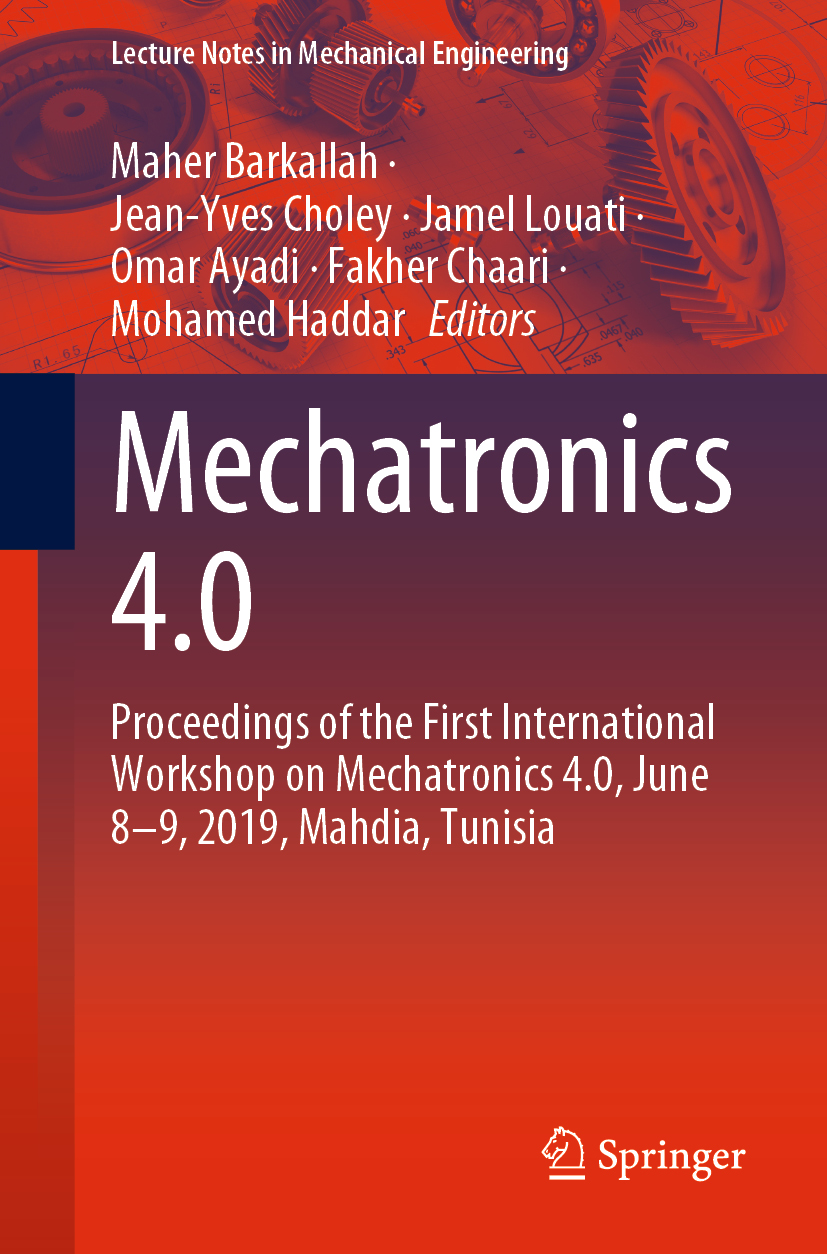
Mechatronics 4.0 This book gathers original findings, both theoretical and experimental, related to various cutting-edge topics in the design and modeling of mechatronic systems, including multiphysics problems. It presents peer-reviewed papers from the first installment of the Mechatronics 4.0 workshop, which was jointly organized by the Laboratory of Mechanics, Modeling and Manufacturing (LA2MP), National School of Engineers of Sfax, Tunisia, and the QUARTZ Laboratory, Higher Institute of Mechanics of Paris, SUPMECA, France. The event follows in the tradition of the Workshop on Mechatronic Systems (JSM2014), organized by the same universities, while shifting the focus to the concept of Industry 4.0. As this new type of industry is emerging as the convergence of the virtual world, digital design, and management with real-world products and objects, the chapters gathered here highlight recent work on mechatronics systems that are expected to help shape the industry of tomorrow. Thanks to a healthy balance of theory and practical findings, the book offers a timely snapshot for the research and industrial communities alike, as well as a bridge to facilitate communication and collaboration between the two groups. TECHNOLOGY & ENGINEERING,Industrial Design,Product
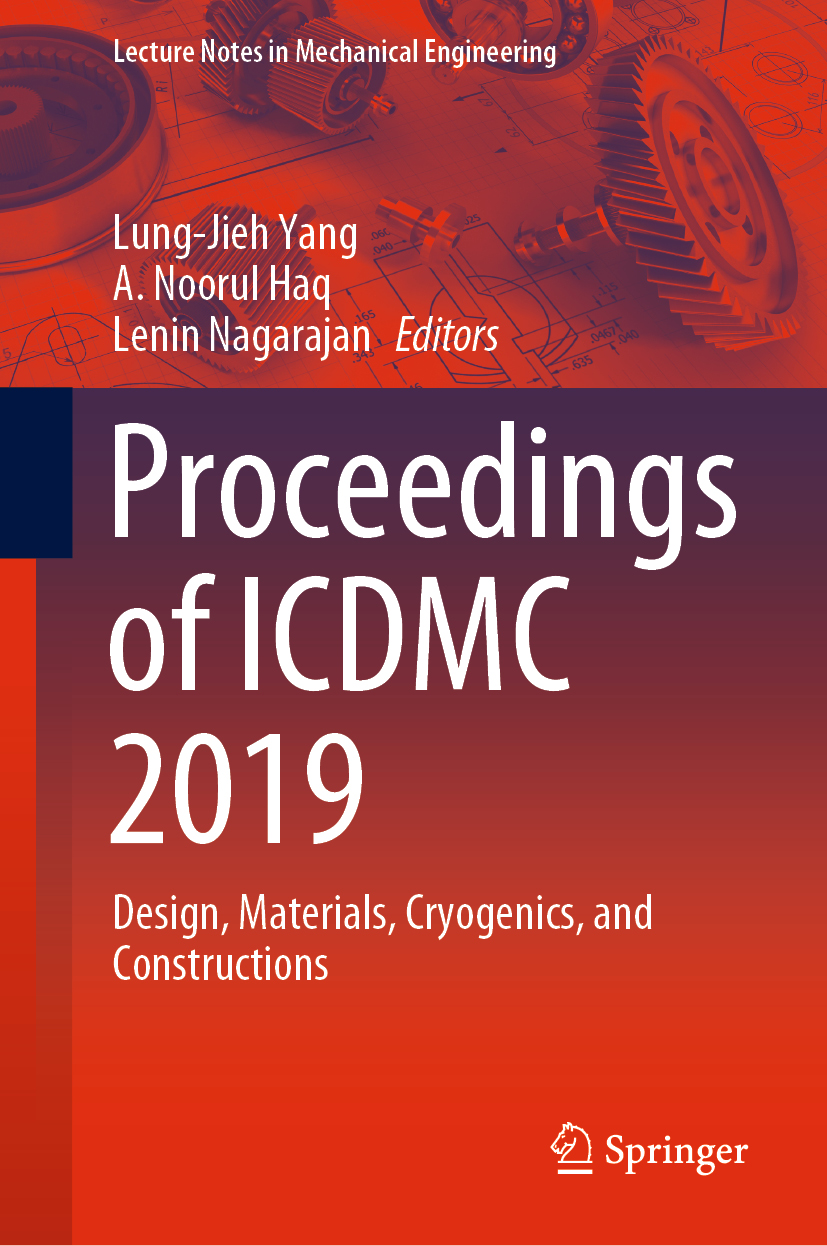
Proceedings of ICDMC 2019 This book comprises select proceedings of the International Conference on Design, Materials, Cryogenics and Constructions (ICDMC 2019). The chapters cover latest research in different areas of mechanical engineering such as additive manufacturing, automation in industry and agriculture, combustion and emission control, CFD, finite element analysis, and engineering design. The book also focuses on cryogenic systems and low-temperature materials for cost-effective and energy-efficient solutions to current challenges in the manufacturing sector. Given its contents, the book can be useful for students, academics, and practitioners. TECHNOLOGY & ENGINEERING,Industrial Design,Product

Advances in Ergonomics in Design This book provides readers with a timely snapshot of ergonomics research and methods applied to the design, development and prototyping—as well as the evaluation, training and manufacturing—of products, systems and services. Combining theoretical contributions, case studies and reports on technical interventions, it covers a wide range of topics in ergonomic design including ecological design; cultural and ethical aspects in design; interface design, user involvement and human–computer interaction in design; as well as design for accessibility and many others. The book particularly focuses on new technologies such as virtual reality, state-of-the-art methodologies in information design, and human–computer interfaces. Based on the AHFE 2020 Virtual Conference on Ergonomics in Design, held on July 10–16, 2020, the book offers a timely guide for both researchers and design practitioners, including industrial designers, human–computer interaction and user experience researchers, production engineers and applied psychologists. TECHNOLOGY & ENGINEERING,Industrial Design,Product

Engineering Physiology This fifth edition of “Engineering Physiology†has the same purpose as the earlier prints: to provide physiological information which engineers, designers, supervisors, managers and other planners need to make work and equipment “fit the human.†Chapters have been revised, figures and tables updated. New material discusses, among other topics, models of the human body that provide practical and design-oriented information, biomechanics describing the body’s capabilities and limitations, effects of shift work / sleep loss on attitude and performance, and new techniques to measure body sizes and the resultant changes in applications of that information. The book does not replace standard (biological-medical-chemical) textbooks on human physiology; instead, it provides information on human features and functions which are basic to ergonomics or human (factors) engineering, terms often used interchangeably. It helps lay the foundations for teamwork among engineers and physiologists, biologists and physicians. Bioengineering topics concern bones and tissues, neural networks, biochemical processes, bio- and anthromechanics, biosensors, perception of information and related actions, to mention just a few areas of common interest.Such understanding provides the underpinnings for devising work tasks, tools, workplaces, vehicles, work-rest schedules, human-machine systems, homes and designed environments so that we humans can work and live safely, efficiently and comfortably. TECHNOLOGY & ENGINEERING,Industrial Design,Product
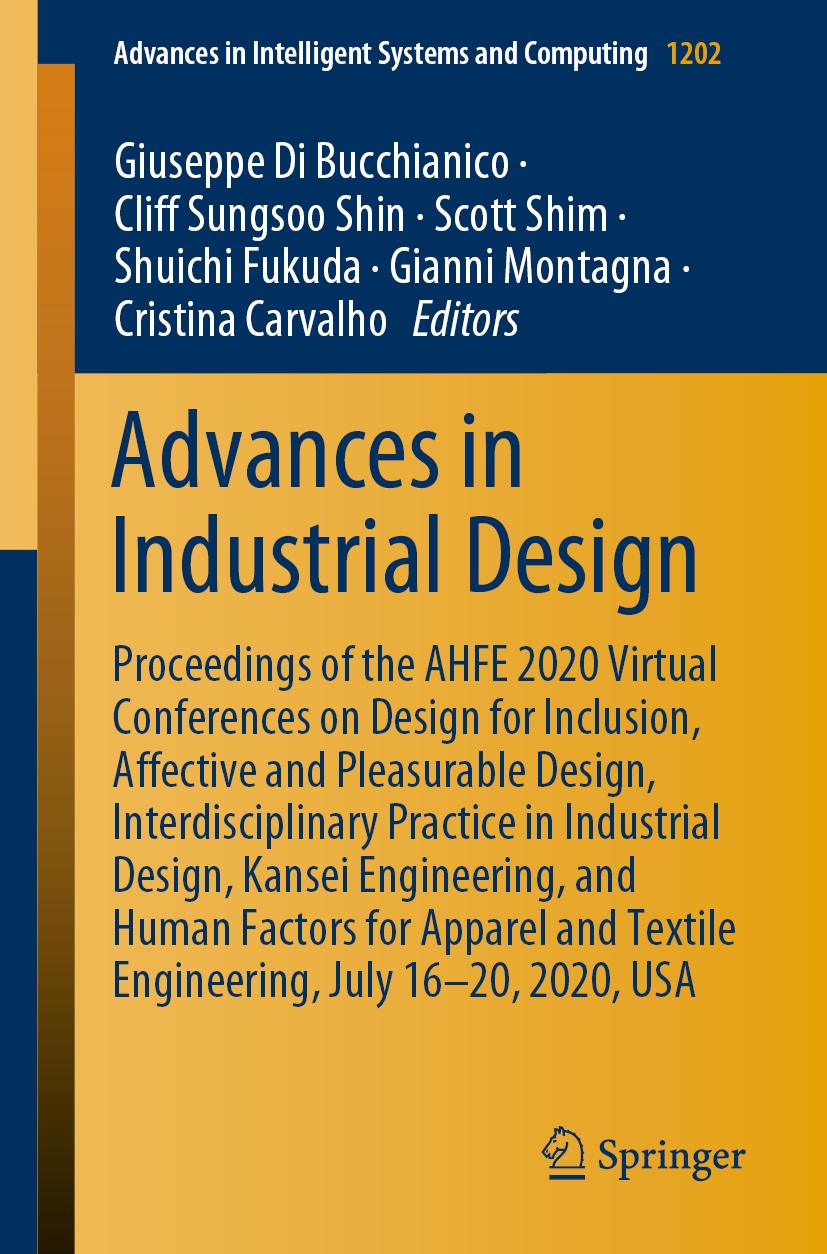
Advances in Industrial Design This book addresses current research trends and practice in industrial design. Going beyond the traditional design focus, it explores a range of recent and emerging aspects concerning service design, human–computer interaction and user experience design, sustainable design, virtual & augmented reality, as well as inclusive/universal design, and design for all. A further focus is on apparel and fashion design: here, innovations, developments and challenges in the textile industry, including applications of material engineering, are taken into consideration. Papers on pleasurable and affective design, including studies on emotional user experience, emotional interaction design and topics related to social networks make up a major portion of the contributions included in this book, which is based on five AHFE 2020 international conferences (the AHFE 2020 Virtual Conference on Design for Inclusion, the AHFE 2020 Virtual Conference on Interdisciplinary Practice in Industrial Design, the AHFE 2020 Virtual Conference on Affective and Pleasurable Design, the AHFE 2020 Virtual Conference on Kansei Engineering, and the AHFE 2020 Virtual Conference on Human Factors for Apparel and Textile Engineering) held on July 16–20, 2020. Thanks to its multidisciplinary approach, it provides graduate students, researchers and professionals in engineering, architecture, computer and materials science with extensive information on research trends, innovative methods and best practices, and a unique bridge fostering collaborations between experts from different disciplines and sectors. TECHNOLOGY & ENGINEERING,Industrial Design,Product
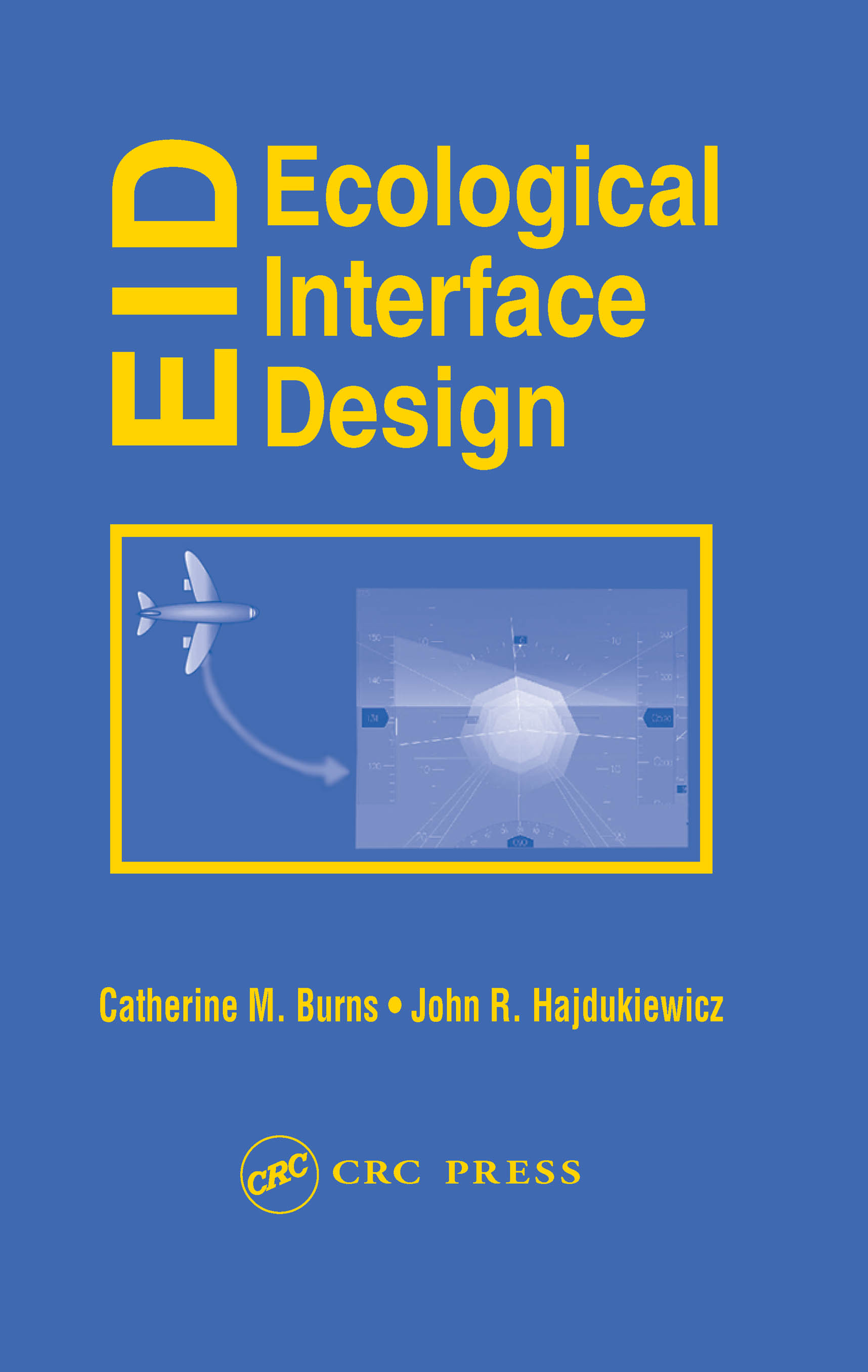
Ecological Interface Design Ecological Interface Design delivers the techniques and examples that provide you with a foundation to succeed in designing advanced display graphics. The opening chapters introduce the "art" of interface design by exposing the analytical methods behind designs, the most common graphical forms, and how these methods and forms are pulled together to create a complete design. The book then incorporates case studies that further emphasize techniques and results. Each example exemplifies a solution to a certain part of the EID puzzle. Some of the examples demonstrate the analysis phase, while others apply more scrutiny to graphical design. Each is unique, allowing allowing you to use them in the development of your own designs. The volume concludes with an analysis that connects ecological interface design with other common interface design methods, enabling you to better understand how to combine approaches in the creation of design solutions. TECHNOLOGY & ENGINEERING,Industrial Engineering
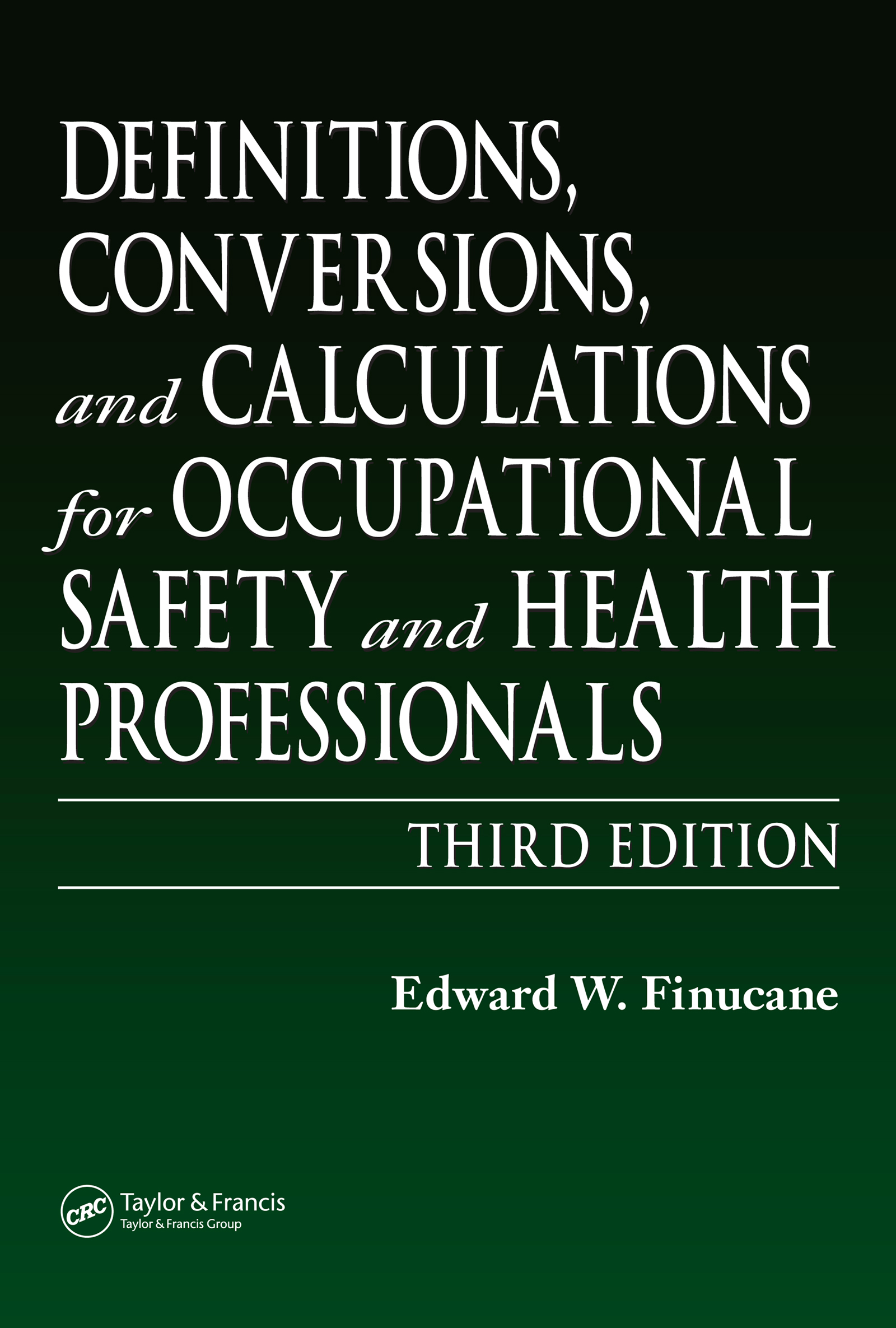
Definitions, Conversions, and Calculations for Occupational Safety and Health Professionals Standing firmly on the foundation built by the previous two editions, each a bestseller in its own right, Definitions, Conversions, and Calculations for Occupational Safety and Health Professionals, Third Edition is bound to repeat this success. A multipurpose reference suitable for professionals throughout the field, the book contains virtually ev TECHNOLOGY & ENGINEERING,Industrial Engineering
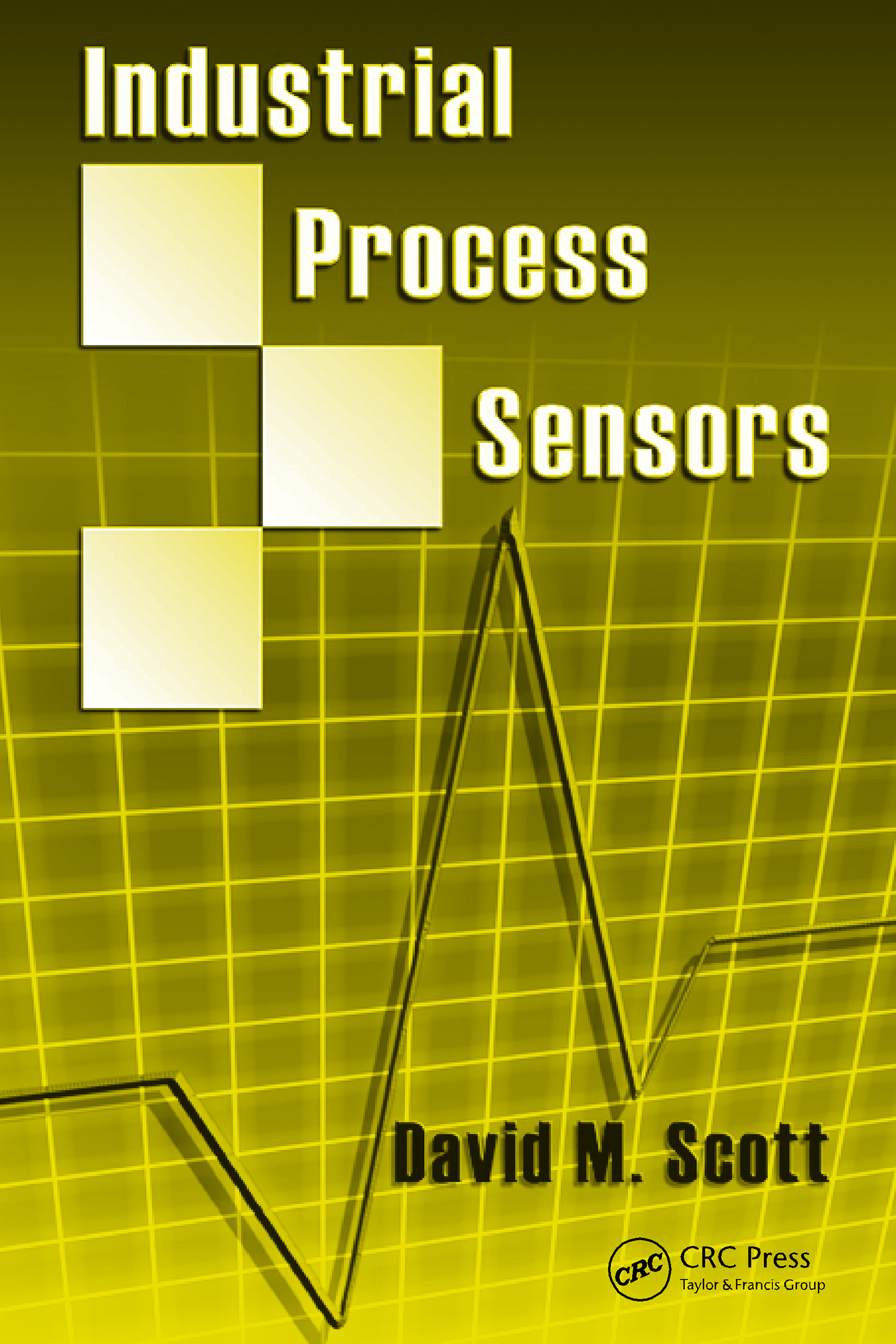
Industrial Process Sensors As manufacturing processes become increasingly complex, industry must rely on advanced sensor technology and process control to improve efficiency and product quality. Processes now need a variety of on-line measurements, such as film thickness, particle size, solids concentrations, and contamination detection. Industrial Process Sensors provides a coherent review of the physical principles, design, and implementation of a wide variety of in-process sensors used to control manufacturing operations. Real data from commercial installations illustrates the operation and limitations of these devices. The book begins with a review of the basic physics of sound, light, electricity, and radiation, with a focus on their role in sensor devices. The author introduces the generic sensor model and discusses the propagation of measurement errors. He goes on to describe conventional process sensors that measure temperature, pressure, level, and flow. The second half of the book focuses on more advanced topics, such as particle size measurement in slurries and emulsions, tomography and process imaging of manufacturing operations, on-line measurement of film thickness, identification of polymer type for recycling, and characterization of reinforced polymers and composites. By exploring both theory and final implementation of sensors used to control industrial manufacturing processes, Industrial Process Sensors provides the information you need to develop solutions to a wide range of industrial measurement needs. TECHNOLOGY & ENGINEERING,Industrial Engineering
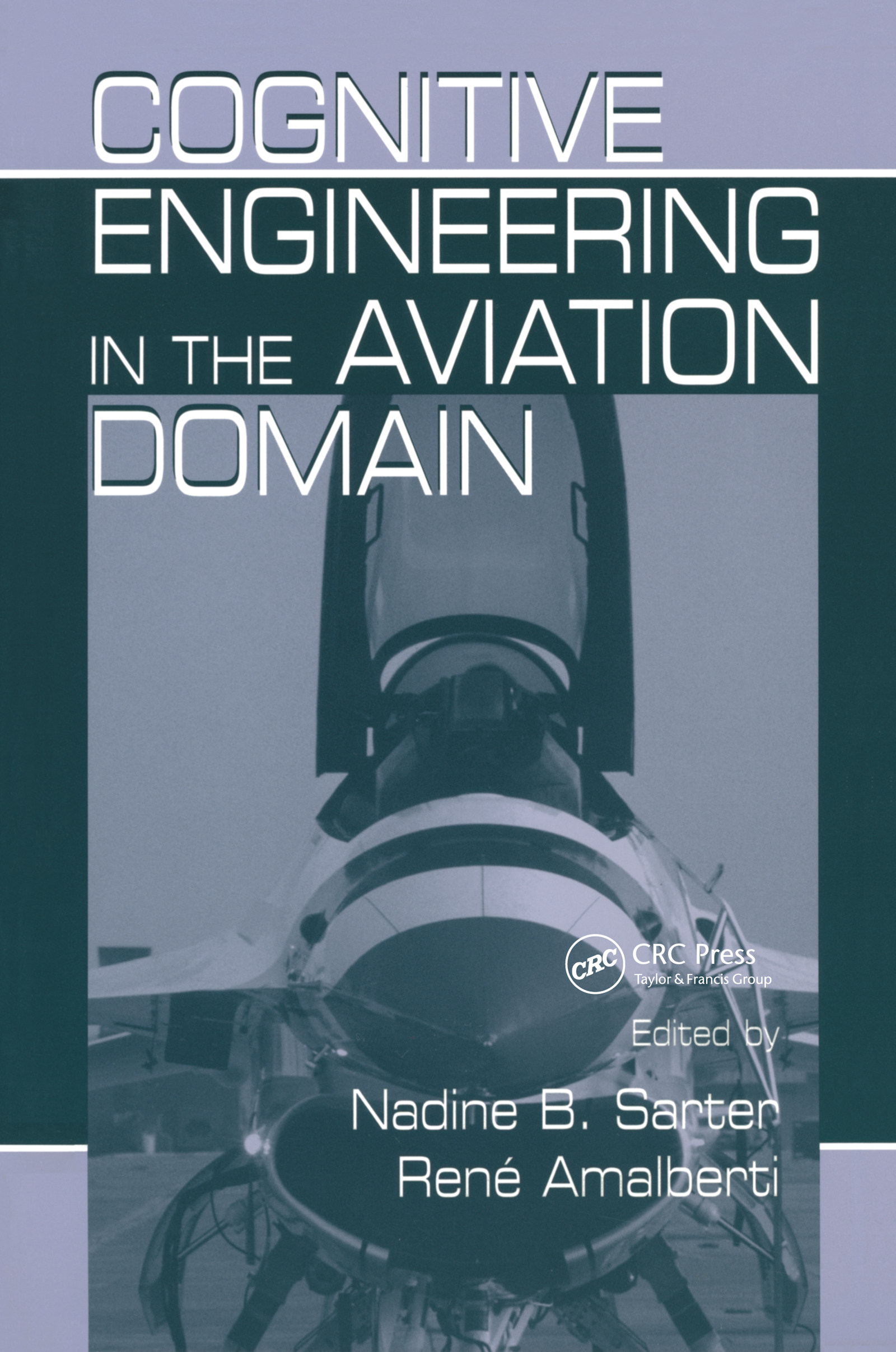
Cognitive Engineering in the Aviation Domain Although cognitive engineering has gained widespread acceptance as one of the most promising approaches to addressing and preventing difficulties with human-machine coordination and collaboration, it still meets with considerable skepticism and resistance in some of the industries that could benefit from its insights and recommendations. The challe TECHNOLOGY & ENGINEERING,Industrial Engineering
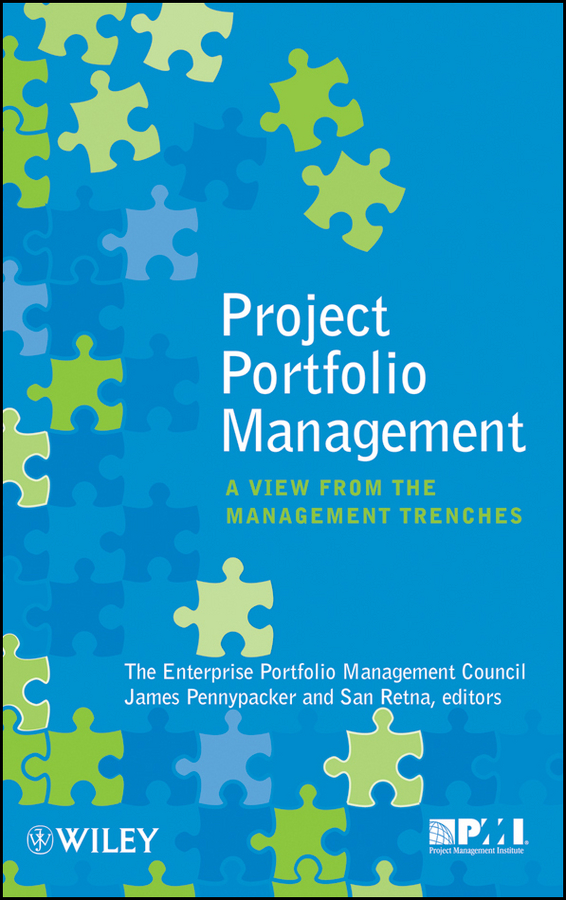
Project Portfolio Management Written by ten successful project portfolio managers from companies including AAA, Boeing, Franklin Templeton, Johnson & Johnson, Safeway, and the UK Government, this easy-to-follow guide takes you through the project portfolio management process. It's based on what actually works, giving you a clear road map and the tools needed to determine the optimal mix and sequencing of projects in order to meet your organization's goals. The book begins by explaining basic PPM principles and why PPM is more critical than ever for business success. This introduction is followed by a story, tracking the experiences of a manager new to PPM as he discovers the issues that all of us face in trying to get traction with our PPM initiatives. In answering the questions our story raises, the book then details each step of the PPM process, using cases and examples drawn from the authors' first hand experience to help you address such key questions as: Which projects should our organization invest in? How can we optimize our organization's capacity? How well are we executing the PPM process? Can our organization absorb all the changes that our PPM plan requires? Are we achieving all the expected benefits? The authors are all members of the Enterprise Portfolio Management Council, a group of senior portfolio management executives dedicated to helping organizations develop their own portfolio management capabilities. Now you can benefit from their collective wisdom and experience, and duplicate their successful results within your own organization. TECHNOLOGY & ENGINEERING,Industrial Engineering
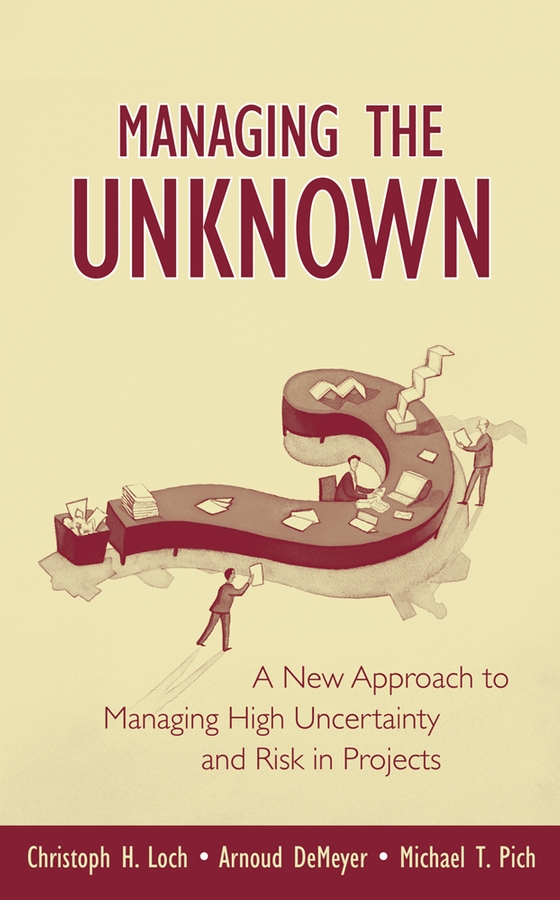
Managing the Unknown Managing the Unknown offers a new way of looking at the problem of managing projects in novel and unknown environments. From Europe's leading business school, this book shows how to manage two fundamental approaches that, in combination, offer the possibility of coping with unforeseen influences that inevitably arise in novel projects: * Trial-and-Error Learning allows for redefining the plan and the project as the project unfolds * Selectionism pursues multiple, independent trials in order to pick the best one at the end Managing the Unknown offers expert guidelines to the specific project mindsets, infrastructures, and management methods required to use these project management approaches and achieve success in spite of unforeseen obstacles. This book equips readers with: * Causal explanations of why unforeseeable factors in novel projects make traditional project planning and project risk management insufficient * Directly applicable management tools that help managers to guide novel and high-uncertainty projects * Real-world case studies of both successful and unsuccessful approaches to managing high uncertainty in novel projects TECHNOLOGY & ENGINEERING,Industrial Engineering
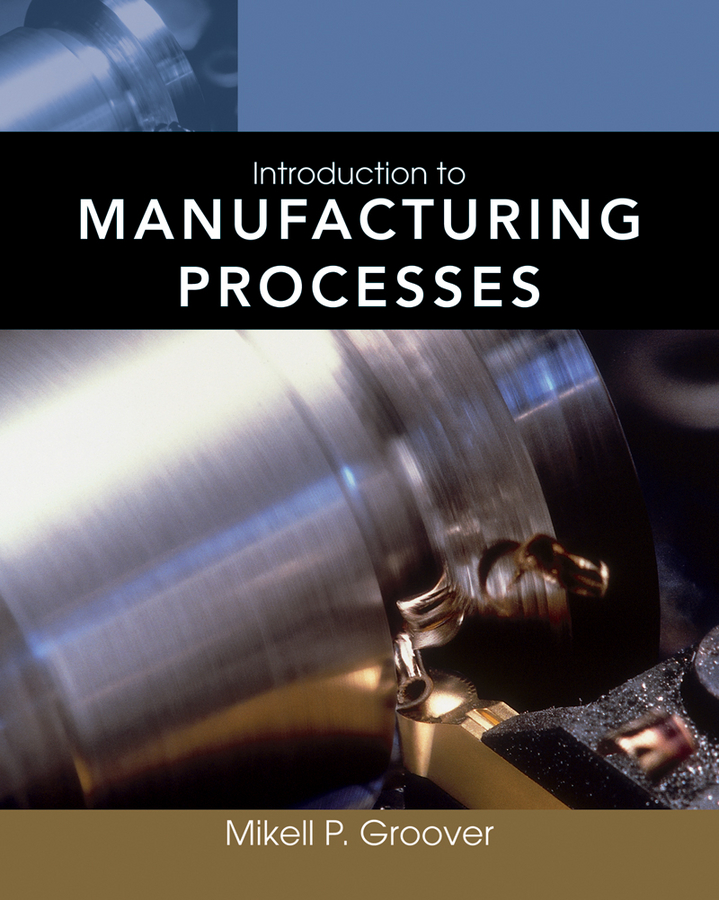
Introduction to Manufacturing Processes Mikell Groover, author of the leading text in manufacturing processes, has developed Introduction to Manufacturing Processes as a more navigable and student-friendly text paired with a strong suite of additional tools and resources online to help instructors drive positive student outcomes. Focusing mainly on processes, tailoring down the typical coverage of both materials and systems. The emphasis on manufacturing science and mathematical modeling of processes is an important attribute of the new book. Real world/design case studies are also integrated with fundamentals - process videos provide students with a chance to experience being 'on the floor' in a manufacturing facility, followed by case studies that provide individual students or groups of students to dig into larger/more design-oriented problems. TECHNOLOGY & ENGINEERING,Industrial Engineering
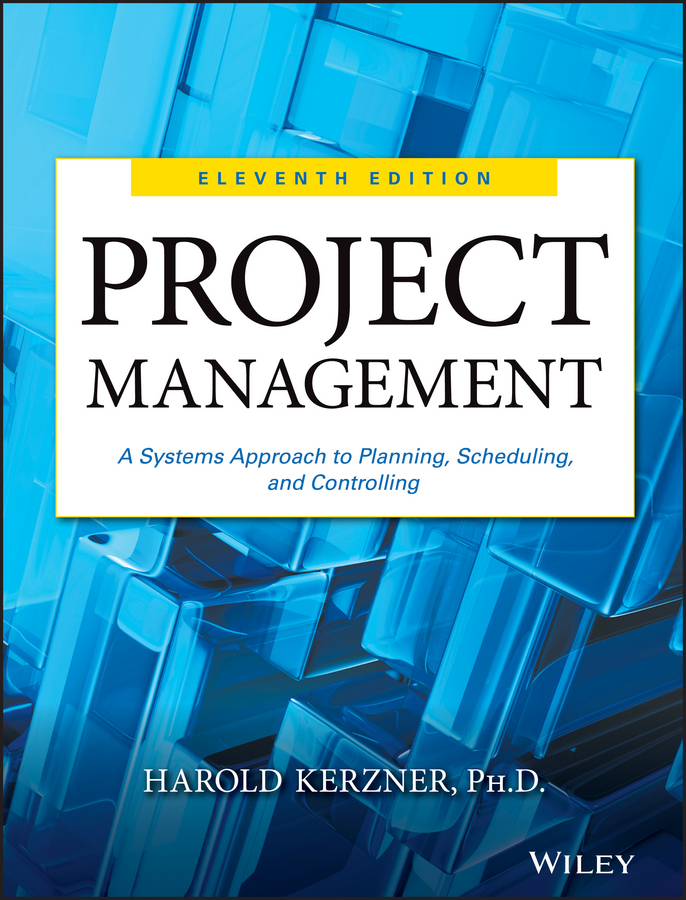
Project Management The bestselling project management text for students and professionals—now updated and expanded This Eleventh Edition of the bestselling "bible" of project management maintains the streamlined approach of the prior editions and moves the content even closer to PMI®'s Project Management Body of Knowledge (PMBOK®). New content has been added to this edition on measuring project management ROI, value to the organization and to customers, and much more. The capstone "super" case on the "Iridium Project" has been maintained, covering all aspects of project management. Increased use of sidebars throughout the book helps further align it with the PMBOK and the Project Management Professional (PMP®) Certification Exam. This new edition features significant expansion, including more than three dozen entirely new sections and updates on process supporting; types of project closure; project sponsorship; and culture, teamwork, and trust. This comprehensive guide to the principles and practices of project management: Offers new sections on added value, business intelligence, project governance, and much more Provides twenty-five case studies covering a variety of industries, almost all of which are real-world situations drawn from the author's practice Includes 400 discussion questions and more than 125 multiple-choice questions Serves as an excellent study guide for the PMP Certification Exam (PMI, PMBOK, PMP and Project Management Professional are registered marks of the Project Management Institute, Inc.) TECHNOLOGY & ENGINEERING,Industrial Engineering

Creativity For Engineers Creativity is playing an ever more important role in the success or failure of organizations in the global competitive economy. The field of engineering is no exception. The objective of this book is to satisfy this vital need, which has been covered very little elsewhere.The book, which assumes no prior knowledge, will be useful to many people including all kinds of professional engineers, engineering managers, graduate and senior undergraduate students of engineering, and researchers and instructors in engineering, psychology, and business administration. At the end of each chapter there are numerous problems to test readers' comprehension. The book also includes a comprehensive list of references directly or indirectly related to creativity in engineering. TECHNOLOGY & ENGINEERING,Industrial Engineering
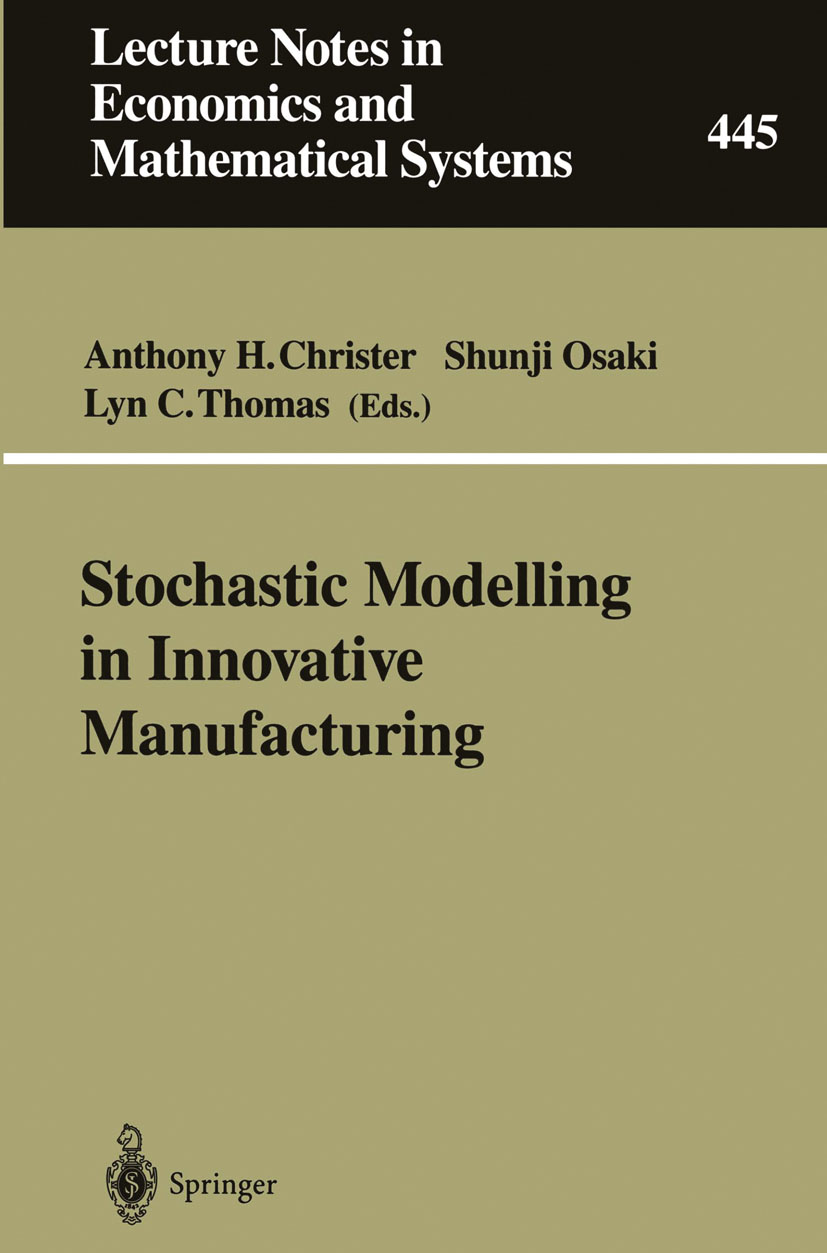
Stochastic Modelling in Innovative Manufacturing This monograph contains some ofthe papers presented at a UK-Japanese Workshop on Stochastic Modelling in Innovative Manufacturing held at Churchill College, Cambridge on July 20 and 21st 1995, sponsored jointly by the UK Engineering and Physical Science Research Council and the British Council. Attending were 19 UK and 24 Japanese delegates representing 28 institutions. The aim of the workshop was to discuss the modelling work being done by researchers in both countries on the new activities and challenges occurring in manufacturing. These challenges have arisen because of the increasingly uncertain environment of modern manufacturing due to the commercial need to respond more quickly to customers demands, and the move to just-in-time manufacturing and flexible manufacturing systems and the increasing requirements for quality. As well as time pressure, the increasing importance of the quality of the products, the need to hold the minimum stock of components, and the importance of reliable production systems has meant that manufacturers need to design production systems that perform well in randomly varying conditions and that their operating procedures can respond to changes in conditions and requirements. This has increased the need to understand how manufacturing systems work in the random environments, and so emphasised the importance of stochastic models of such systems. TECHNOLOGY & ENGINEERING,Industrial Engineering
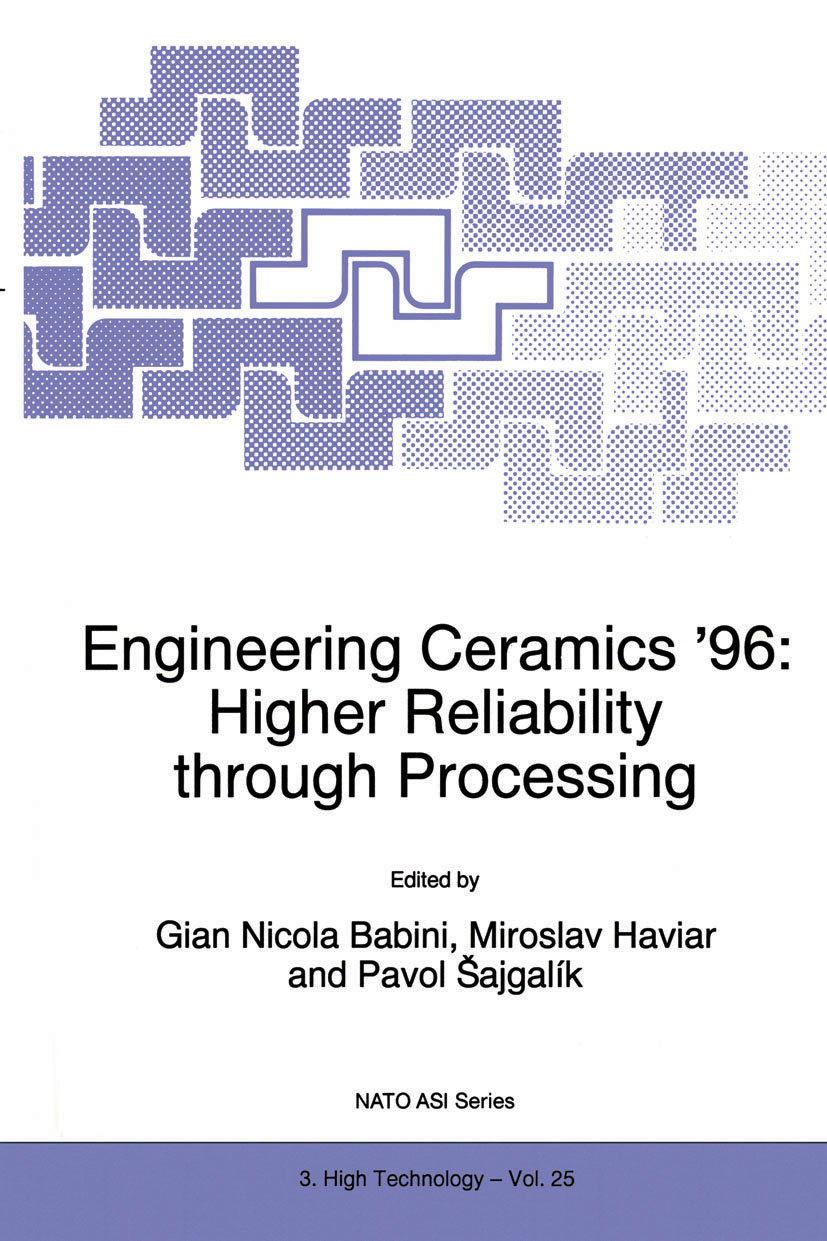
Engineering Ceramics ’96 Proceedings of the NATO Advanced Research Workshop on `Engineering Ceramics '96', Smolenice Castle, Slovakia, May 12-15, 1996 TECHNOLOGY & ENGINEERING,Industrial Engineering

Specialist Surfactants Surfactants are vital components in biological systems, are key ingredients in many formulated products and play an important role in many industrial processes. The property which makes surfactants so useful is their ability to stabilize complex colloidal and interfacial systems. It is not surprising therefore that many new surfactant materials are developed, many of which have novel properties. However because their potential is not fully appreciated they remain underutilized by industry. The main purpose of this book is to illustrate the utility of a range of novel surfactants, in particular those which have been found useful in specific areas and which seem to offer promise across a wider range of applications. The contributors are drawn from industry and academic research and provide a comprehensive account of the preparation, properties and applications of these specialist surfactants. Research chemists in industry and academia will find this book a concise and authoritative account of this important group of surfactants. TECHNOLOGY & ENGINEERING,Industrial Engineering
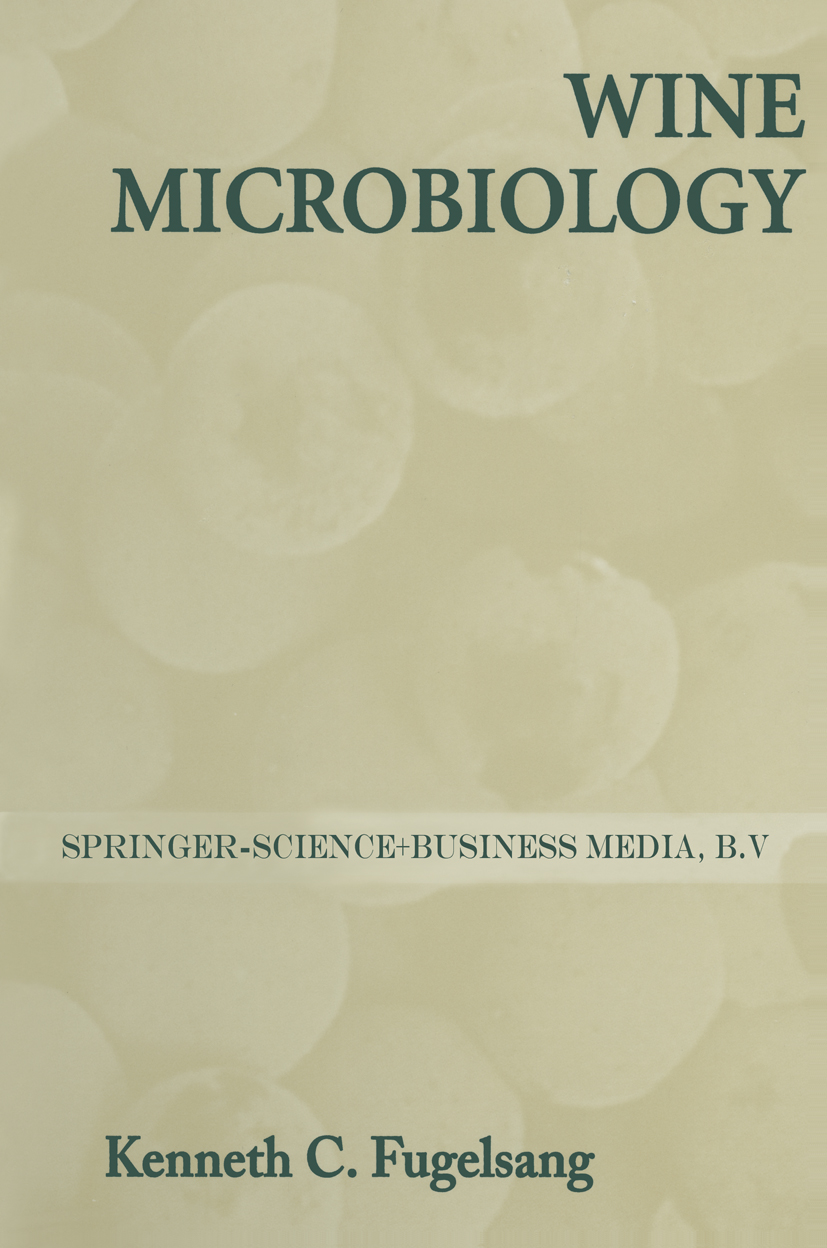
Wine Microbiology The partnership between industrial microbiologists, the industries they serve, and the microbes upon which they rely is (or should be) a close one. Brewers, bakers, and those involved in fermented dairy products come to mind as being leaders in this regard. By comparison, the wine industry, with the notable exception of a few technologically astute wineries world wide, has historically given relatively little attention to this crucial step in processing. In the last two decades, this pattern has reversed itself and the rank and file of winemaking personnel have become more intensely inter ested in the subject of wine microbiology. Several reasons come to mind that, in part, account for this. First, prior to the late seventies, much of the research in the area of wine microbiology (particularly, the malolactic fermentation) had yet to crystalize to yield a cohesive enough picture to be of value to the winemaker. During this period and into the early eighties, the U. S. wine industry began to utilize lower levels of sulfur dioxide than did their predecessors-the goal being to reduce input of chemicals and to minimize concerns from an increasingly health conscious population of consumers. Unfortunately, the practice had a significant downside; micro organisms that had previously been controlled suddenly reemerged as sig nificant threats to wine production. TECHNOLOGY & ENGINEERING,Industrial Engineering
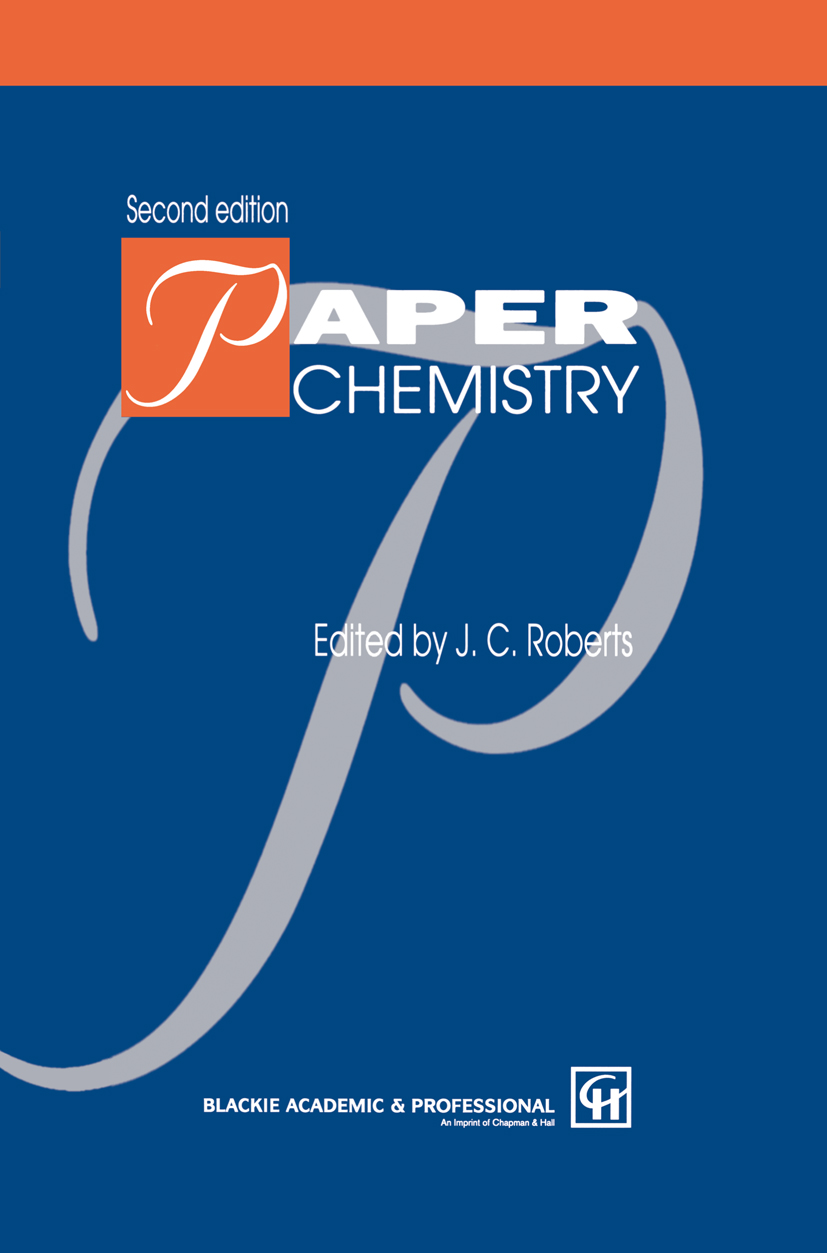
Paper Chemistry Although the title of this book is Paper Chemistry, it should be considered as a text about the chemistry of the formation of paper from aqueous suspensions of fibre and other additives, rather than as a book about the chemistry of the raw material itself. It is the subject of what papermakers call wet-end chemistry. There are many other excellent texts on the chemistry of cellulose and apart from one chapter on the accessibility of cellulose, the subject is not addressed here. Neither does the book deal with the chemistry of pulp preparation (from wood, from other plant sources or from recycled fibres), for there are also many excellent texts on this subject. The first edition of this book was a great success and soon became established as one of the Bibles of the industry. Its achievement then was to collect the considerable advances in understanding which had been made in the chemistry of papermaking in previous years, and provide, for the first time, a sound physico chemical basis of the subject. This new edition has been thoroughly updated with much new material added. The formation of paper is a continuous filtration process in which cellulosic fibres are formed into a network which is then pressed and dried. The important chemistry involved in this process is firstly the retention of col loidal material during filtration and secondly the modification of fibre and sheet properties so as to widen the scope for the use of paper and board products. TECHNOLOGY & ENGINEERING,Industrial Engineering

Surface Application of Paper Chemicals With the exception of a slight hiccup during the height of the recent environmental movement (during the early 1990s), when for a year or two consumers were prepared to pay a price premium for lower quality recycled paper than for the virgin product, the inexorable improvement in the quality demanded of paper products continues. This demand for quality covers not only the aesthetics ofthe product but also its performance. Moreover, it is becoming increasingly the case that papers designed for a particular use must, as it were incidentally, also perform well in alternative applications. An example is that of office and printing papers, which are expected to perform as well in copier machines as in all the various forms of impact and non-impact printers. But even greater demands are made in other product areas, where board designed for dry foods can also be expected to protect moist and fatty materials and be made of 100% recycled fibre. The need to isolate foodstuffs from some of the contaminants that can affect recycled board is a· serious challenge. Thus, papermakers are constantly striving to meet a broadening spectrum of demands on their products; often while accepting declining quality of raw materials. The product design philosophy that has arisen in response to this is increasingly to isolate the bulk of a paper from its uses: to engineer the needed performance characteristics into the paper surfaces while more or less ignoring what happens inside. TECHNOLOGY & ENGINEERING,Industrial Engineering
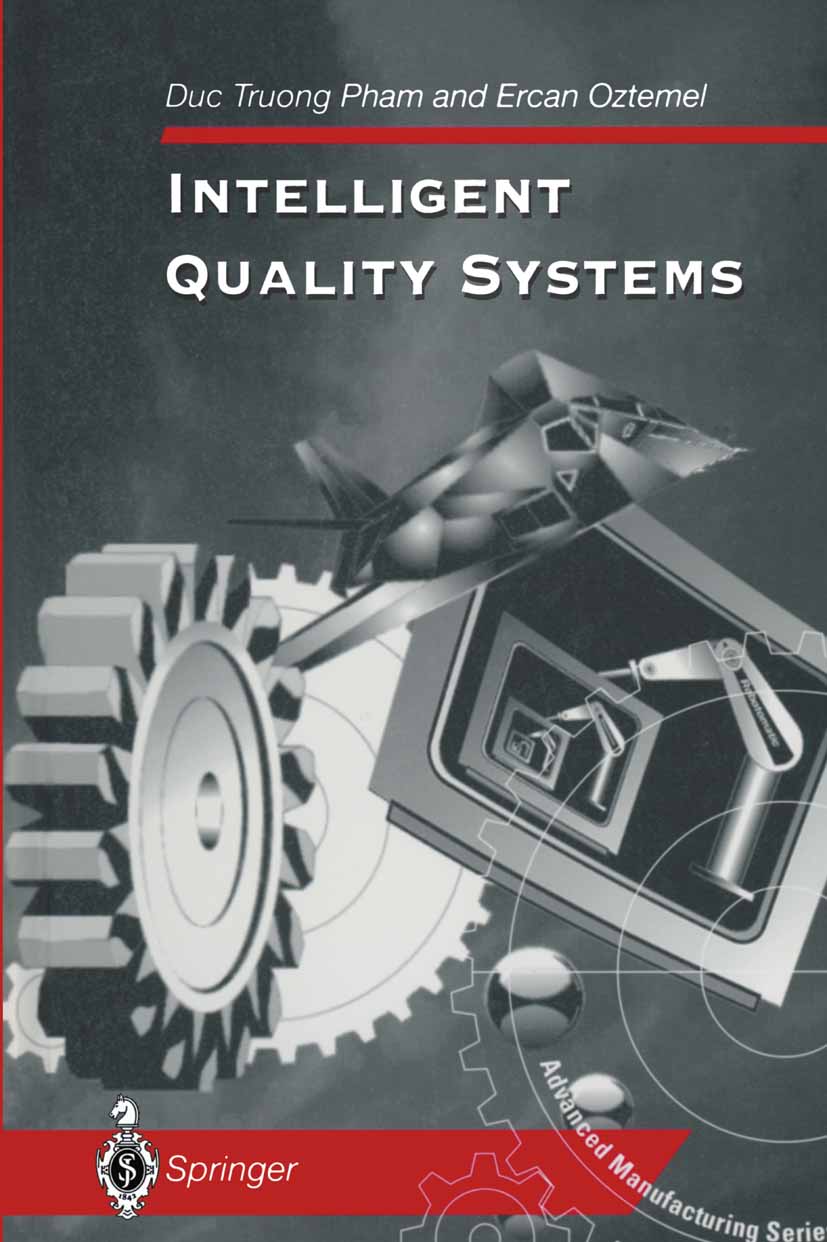
Intelligent Quality Systems Although the tenn quality does not have a precise and universally accepted definition, its meaning is generally well understood: quality is what makes the difference between success and failure in a competitive world. Given the importance of quality, there is a need for effective quality systems to ensure that the highest quality is achieved within given constraints on human, material or financial resources. This book discusses Intelligent Quality Systems, that is quality systems employing techniques from the field of Artificial Intelligence (AI). The book focuses on two popular AI techniques, expert or knowledge-based systems and neural networks. Expert systems encapsulate human expertise for solving difficult problems. Neural networks have the ability to learn problem solving from examples. The aim of the book is to illustrate applications of these techniques to the design and operation of effective quality systems. The book comprises 8 chapters. Chapter 1 provides an introduction to quality control and a general discussion of possible AI-based quality systems. Chapter 2 gives technical information on the key AI techniques of expert systems and neural networks. The use of these techniques, singly and in a combined hybrid fonn, to realise intelligent Statistical Process Control (SPC) systems for quality improvement is the subject of Chapters 3-5. Chapter 6 covers experimental design and the Taguchi method which is an effective technique for designing quality into a product or process. The application of expert systems and neural networks to facilitate experimental design is described in this chapter. TECHNOLOGY & ENGINEERING,Industrial Engineering
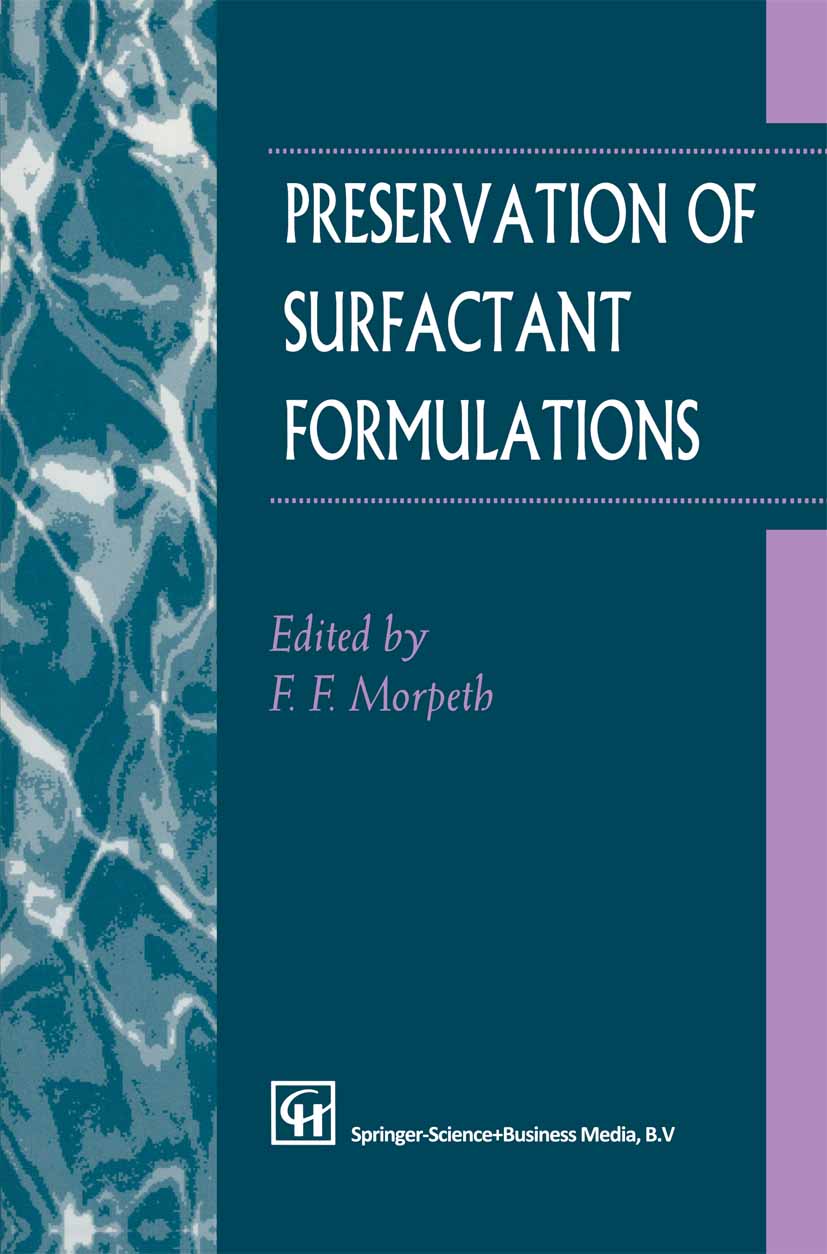
Preservation of Surfactant Formulations Microbes are known to live in an enormous range of environments. Their ability to survive and proliferate in diverse industrial systems is often a surprise to those not exposed to these problems in their work. These systems contain a range of potential carbon sources, one common theme being surfactants. Surfactants are often not the components most prone to spoilage since some systems contain highly susceptible natural components, such as starch and xanthum gum, but the surfactant is a key part of the formulation, and its extensive breakdown usually means that the material is beyond recovery. The aim of this book is to describe in detail all aspects of the preservation of surfactant containing materials. The book should be viewed as being in three discrete sections. • chapters 1-5 deal with and summarise essential background information • chapters 6-11 discuss in detail various end use applications • chapters 12-15 outline the regulatory and toxicology implication associated with the safe handling of preservatives Given the format of the book there is inevitably some duplication of information in the middle section with different authors describing essentially the same phenomena but on different substrates. I hope the reader will find that although different chapters touch on the same topics the information around these areas is sufficiently different to justify their inclusion in this book and to be of interest. It should also demonstrate what can be the most useful source of information, the hard practical experience of the authors. TECHNOLOGY & ENGINEERING,Industrial Engineering
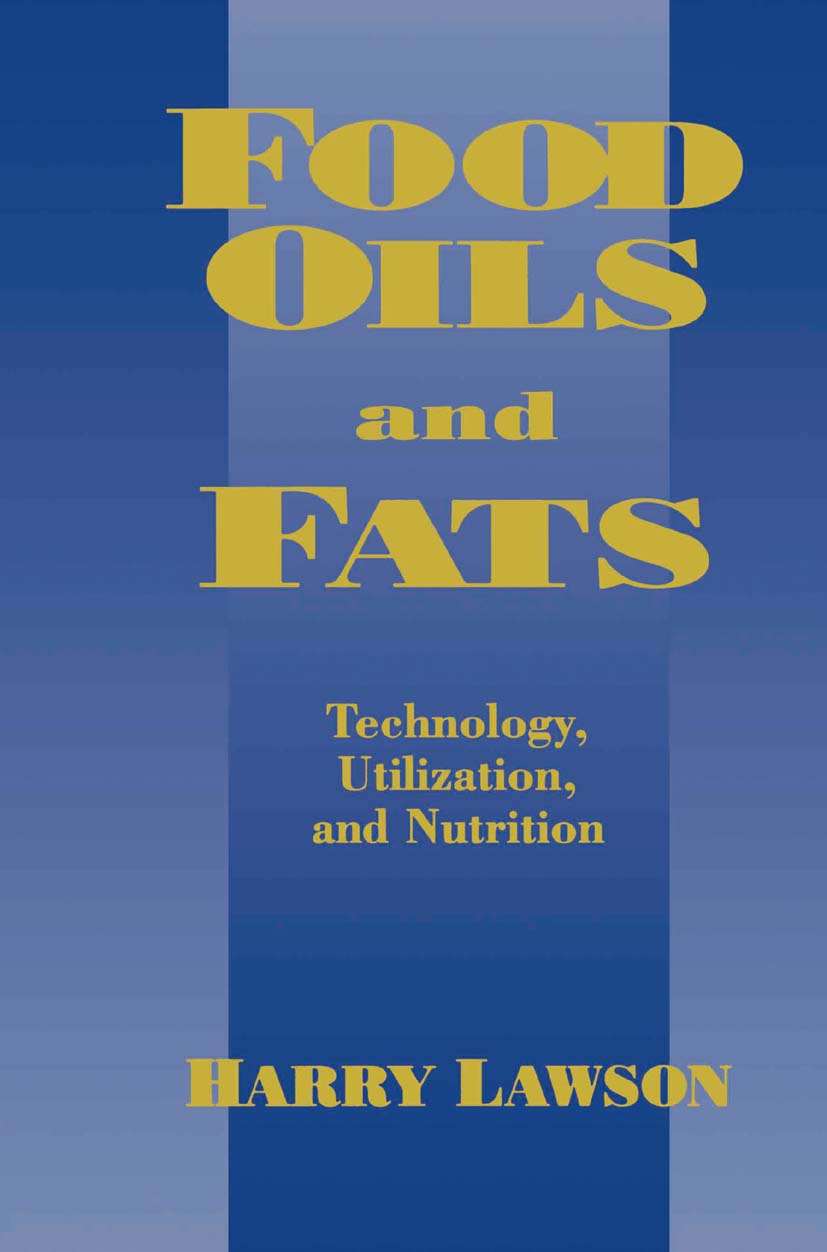
Food Oils and Fats This is a basic reference/textbook for professionals and students involved with these important oils and fats. It is a valuable source of information for those preparing for or already professionally as sociated with the Food Processing and Foodservice industries. Chapters one through six deal with the technology of oils and fats, including sources, chemical structure, physical and chemical properties, and processing techniques. Chapters seven through twelve are devoted to the utilization of oils and fats in Food Manufacturing and Foodservice, including deep frying, griddling, baking of all types, salad dressings, margarines, hard butters, and dairy product re placements. The last four chapters contain a most complete and up to-date treatment of nutrition, as well as the latest developments in analytical methods, flavor, and product development as they relate to oils and fats. This book contains the necessary information for an understand ing of how oils and fats are used in the food industry and how this information is used to set standards and meet performance goals. In a thoroughly readable way it is a how-to-do, hands-on treatise on using oils and fats for every major food use. ix Acknowledgments I gratefully acknowledge many friends at Procter & Gamble who provided updated material, some currently employed and some re cently retired. Fred J. Baur, formerly of Procter & Gamble, wrote the updated chapters related to Analytical Methods, Flavor, Nutri tion, and Dietary Considerations. TECHNOLOGY & ENGINEERING,Industrial Engineering
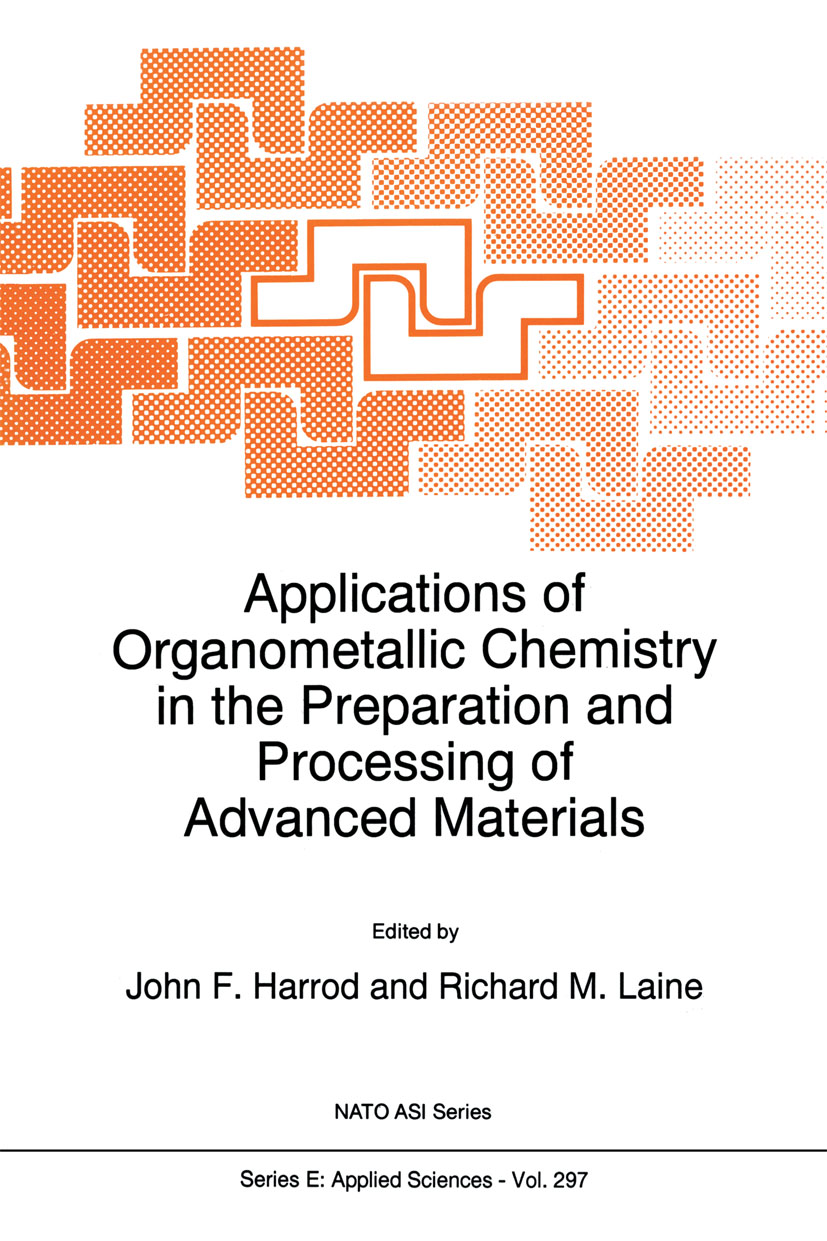
Applications of Organometallic Chemistry in the Preparation and Processing of Advanced Materials Proceedings of the NATO Advanced Research Workshop, Cap d'Agde, France, September 4--9, 1994 TECHNOLOGY & ENGINEERING,Industrial Engineering
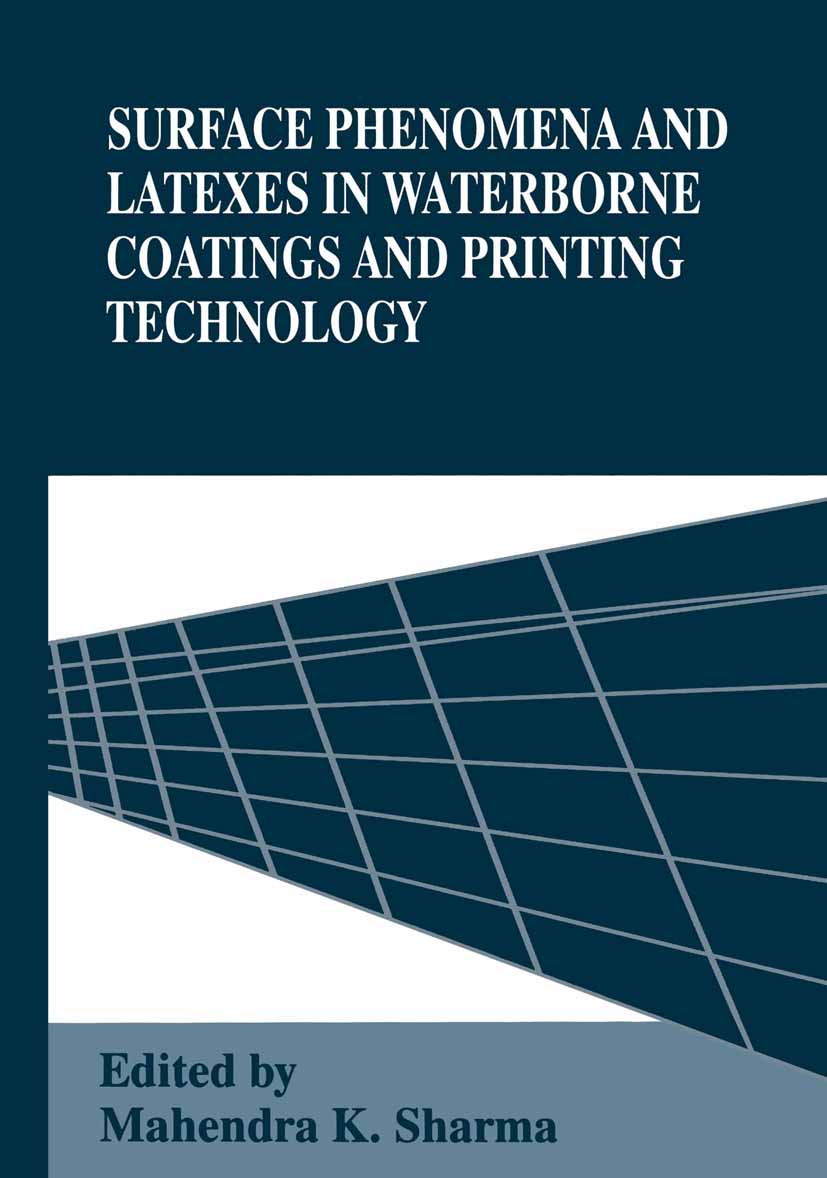
Surface Phenomena and Latexes in Waterborne Coatings and Printing Technology THE CURRENT STATE OF THE ART of waterborne polymers, paints, coatings, inks and printing processes is presented in this volume. This is the third volume in the series on waterborne coating and printing technology. It documents several invited papers and the proceedings of the International Symposium on Surface Phenomena and Latexes in Waterborne Coatings and printing Technology sponsored by the Fine Particle Society (FPS). The FPS meeting was held in Las Vegas, Nevada, July 13-17, 1992. The volume deals with various basic and applied aspects of research on waterborne coating!printing technology. Major topics discussed involve waterborne polymers and polymer blends, pigment grinding, millbases, paint formulation, and characterization of coating films. This edition includes sixteen selected papers related to recent developments in waterborne technology. These papers are divided in three broad categories: (1) Waterborne Polymers and pigment Dispersions, (2) Latex Film, Wetting Phenomena and Printing Gloss, (3) Surfactants and Polymers in Aqueous Coating!printing Systems. This volume includes discussions of various waterborne polymers in coating!printing systems. The editors hope that this volume will serve its intended objective of reflecting the current understanding of formulation and process problems related to waterborne coatings, paints and inks. In addition, it will be a valuable reference source for both novices as well as experts in the field of waterborne technology. It will also help the readers to understand underlying surface phenomena and will enhance the reader's potential for solving critical formulation, evaluation and process problems. TECHNOLOGY & ENGINEERING,Industrial Engineering
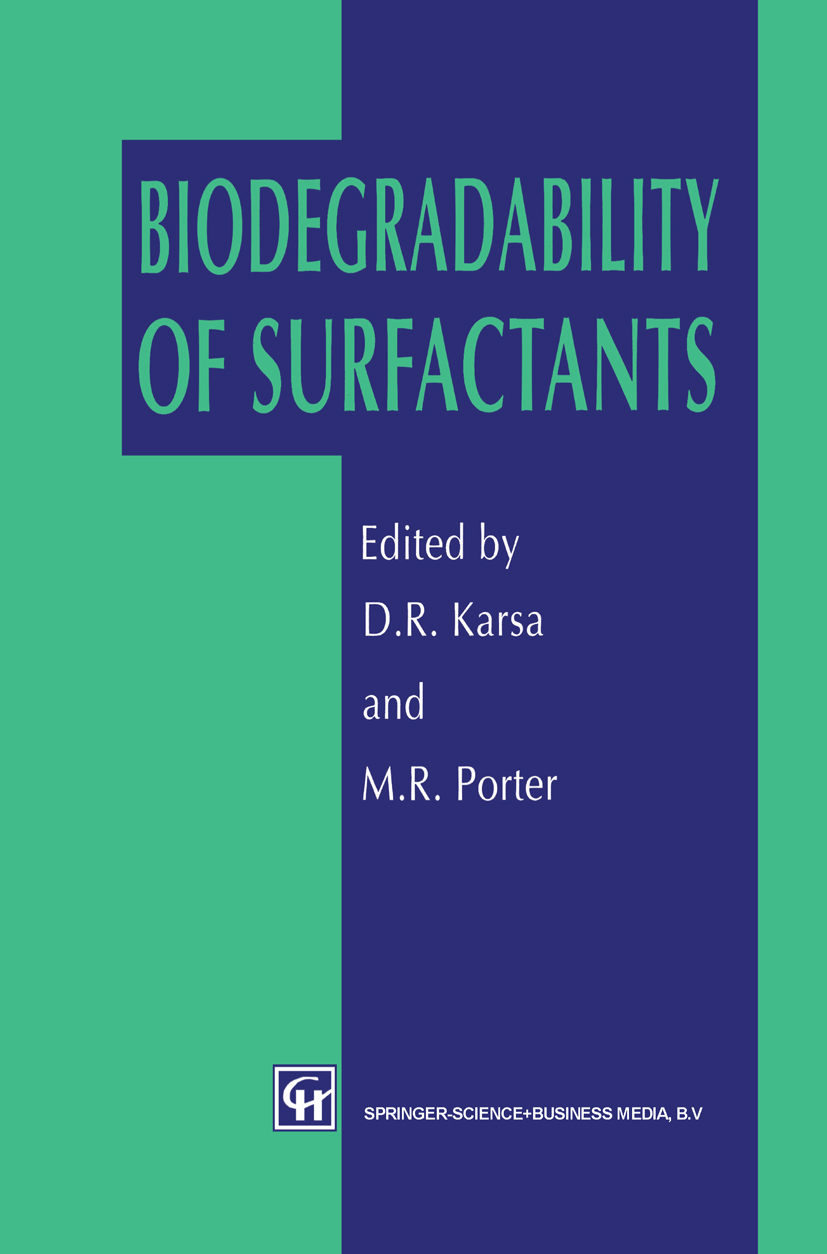
Biodegradability of Surfactants The awareness and development of 'biodegradable' surfactants pre-dates current pressures by the environmental movement by nearly three decades, wherein a responsible industry mutually agreed to replace 'hard', non-biodegradable com ponents of household detergents by 'soft', biodegradable alternatives, without course to legislation. The only requirement at that time was for surfactants used in detergents to exhibit a 'primary biodegradability' in excess of 80%; this referring to the disap pearance or removal from solution of the intact surface active material as de tected by specified analytical techniques. This proved useful, as observed environmental impacts of surfactants, e.g. visible foam on rivers, are associated with the intact molecule. Test methods for 'primary biodegradability' were eventually enshrined in EU legislation for nonionic surfactants (Directive 821242/EEC, amended 73/404IEEC) and for anionic surfactants (Directive 8212431EEC, amended 73/405IEEC). No approved test methods and resultant legislation have been developed for cationic and amphoteric surfactants to date. The environmental classification of chemical substances, which of course includes surfactants, and associated risk assessment utilises a second criterion  'ready biodegradability'. This may be assessed by a number of methods which monitor oxygen uptake (BOD), carbon dioxide production or removal of dis solved organic carbon (DOC). Some surfactants which comply with the above Detergents Directive are borderline when it comes to 'ready biodegradability'. TECHNOLOGY & ENGINEERING,Industrial Engineering
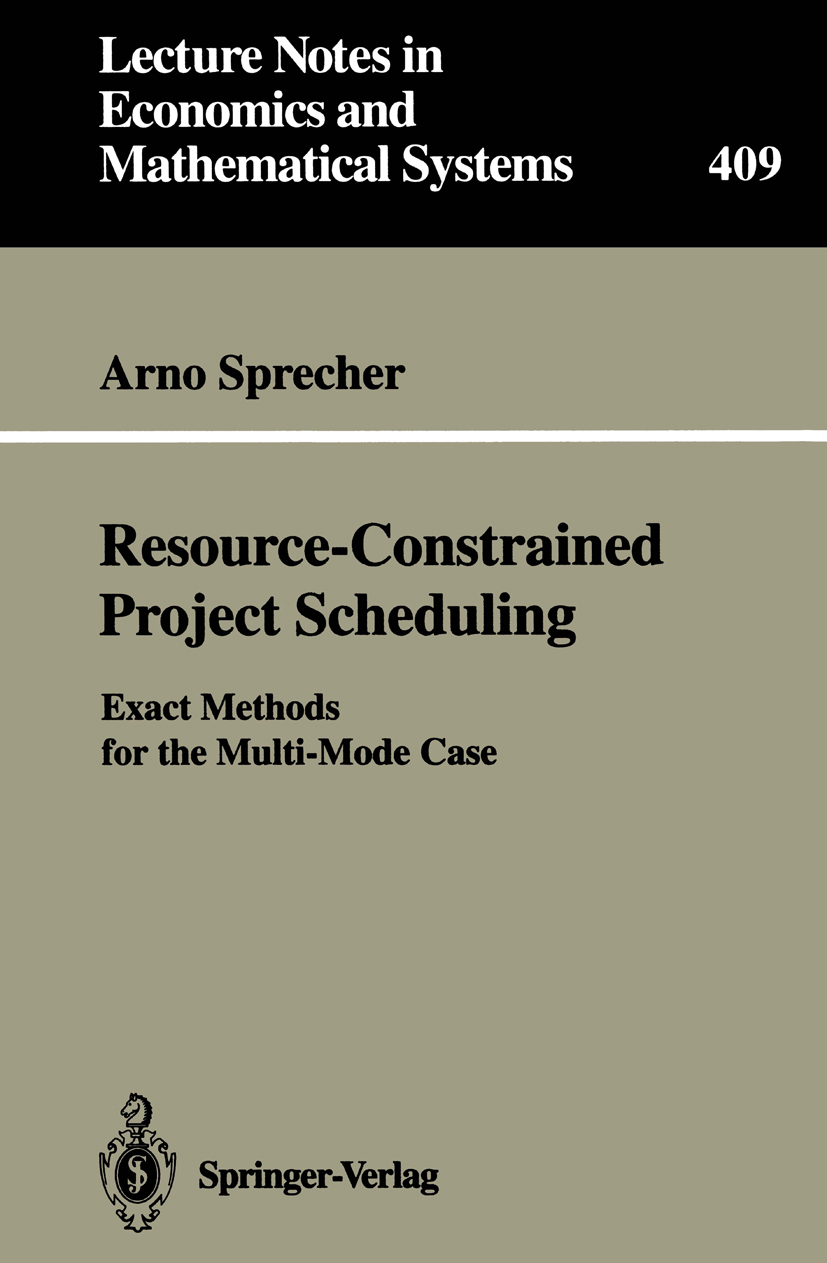
Resource-Constrained Project Scheduling Within a project human and non-human resources are pulled together in a tempo raray organization in order to achieve a predefined goal (d. [20], p. 187). That is, in contrast to manufacturing management, project management is directed to an end. One major function of project management is the scheduling of the project. Project scheduling is the time-based arrangement of the activities comprising the project subject to precedence-, time-and resource-constraints (d. [4], p. 170). In the 1950's the standard methods MPM (Metra Potential Method) and CPM (Cri tical Path Method) were developed. Given deterministic durations and precedence constraints the minimum project length, time windows for the start times and critical paths can be calculated. At the same time another group of researchers developed the Program Evaluation and Review Technique (PERT) (d. [19], [73] and [90]). In contrast to MPM and CPM, random variables describe the activity durations. Based on the optimistic, most likely and pessimistic estimations of the activity durations an assumed Beta distribution is derived in order to calculate the distribution of the project duration, the critical events, the distribution of earliest and latest occurence of an event, the distribution of the slack of the events and the probability of exceeding a date. By the time the estimates of the distributions have been improved (d. e.g. [52] and [56]). Nevertheless, there are some points of critique concerning the estimation of the resulting distributions and probabilities (d. e.g. [48], [49] and [50]). TECHNOLOGY & ENGINEERING,Industrial Engineering

Ultra-High-Temperature Processing of Milk and Milk Products This book attempts to explain the scientific basis for UHT sterilization and aseptic filling, as well as describe the processes and equipment used. I have tried to avoid producing merely a catalogue of sterilizers and aseptic fillers. Instead I have attempted to explain the principles on which the different types of plant operate, and discuss the factors which influence performance, so that information given by manufac turers may be assessed by readers in relation to their own processing requirements. Statements are generally supported by references. Where no re ference is given, personal experience or my interpretation of the work of others is my justification. Although the book deals mainly with milk and milk products, I hope that the information it contains will be useful to those dealing with other products, since the principles of processing are in general the same. The book is based on more than 30 years' involvement with research into UHT processing and aseptic filling. During this time I have been fortunate to work with and to talk to many people from whom I have learned a great deal. I benefited from conta.cts with Dr T. R. Ashton (England) and Professor H. Hostettler. (Switzerland), who were pioneers in the commercial development of UHT milk. More recently I have been privileged to know and work with research workers in many countries having a common interest in UHT processing. Of these, I should mention particularly Professors E. L. Thomas, V. A. TECHNOLOGY & ENGINEERING,Industrial Engineering
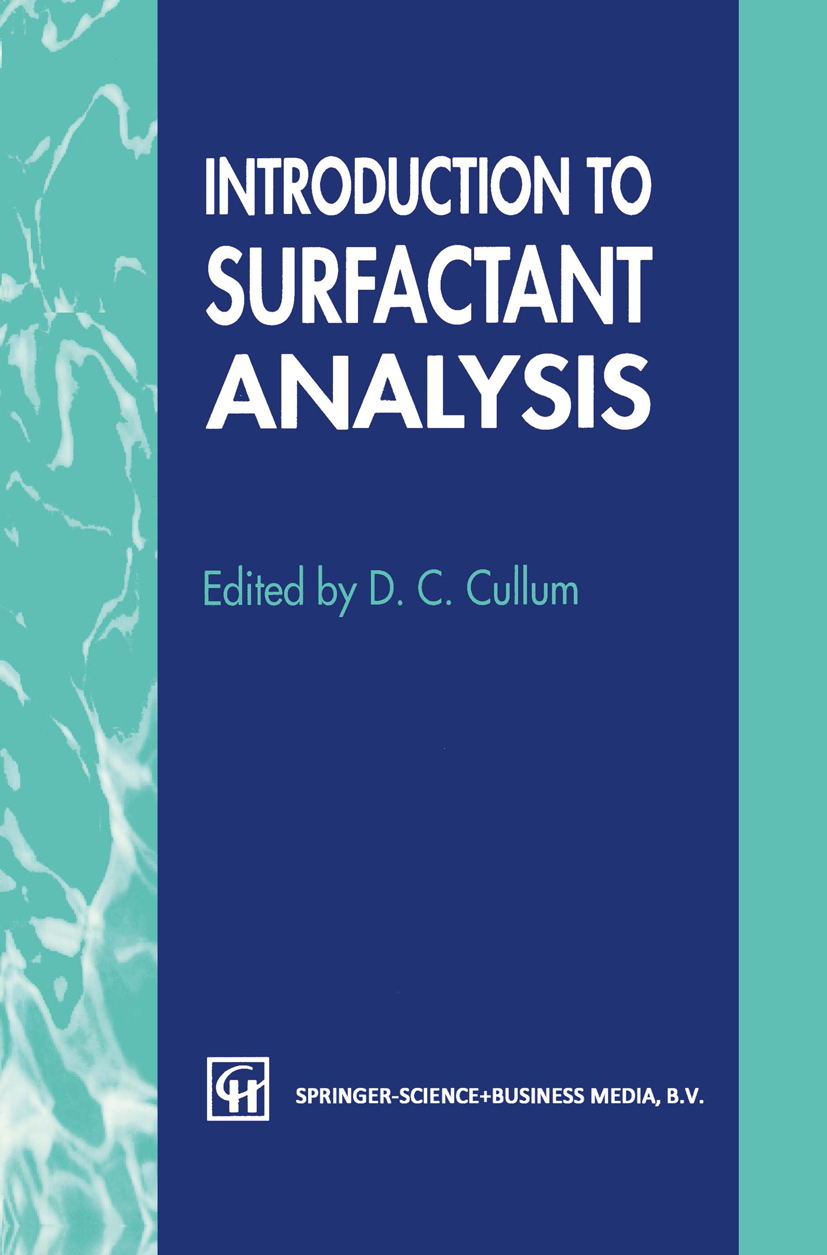
Introduction to Surfactant Analysis The analysis of surfactants presents many problems to the analyst. This book has been written by an experienced team of surfactant analysts, to give practical help in this difficult field. Readers will find the accessible text and clear description of methods, along with extensive references, an invaluable aid in their work. TECHNOLOGY & ENGINEERING,Industrial Engineering
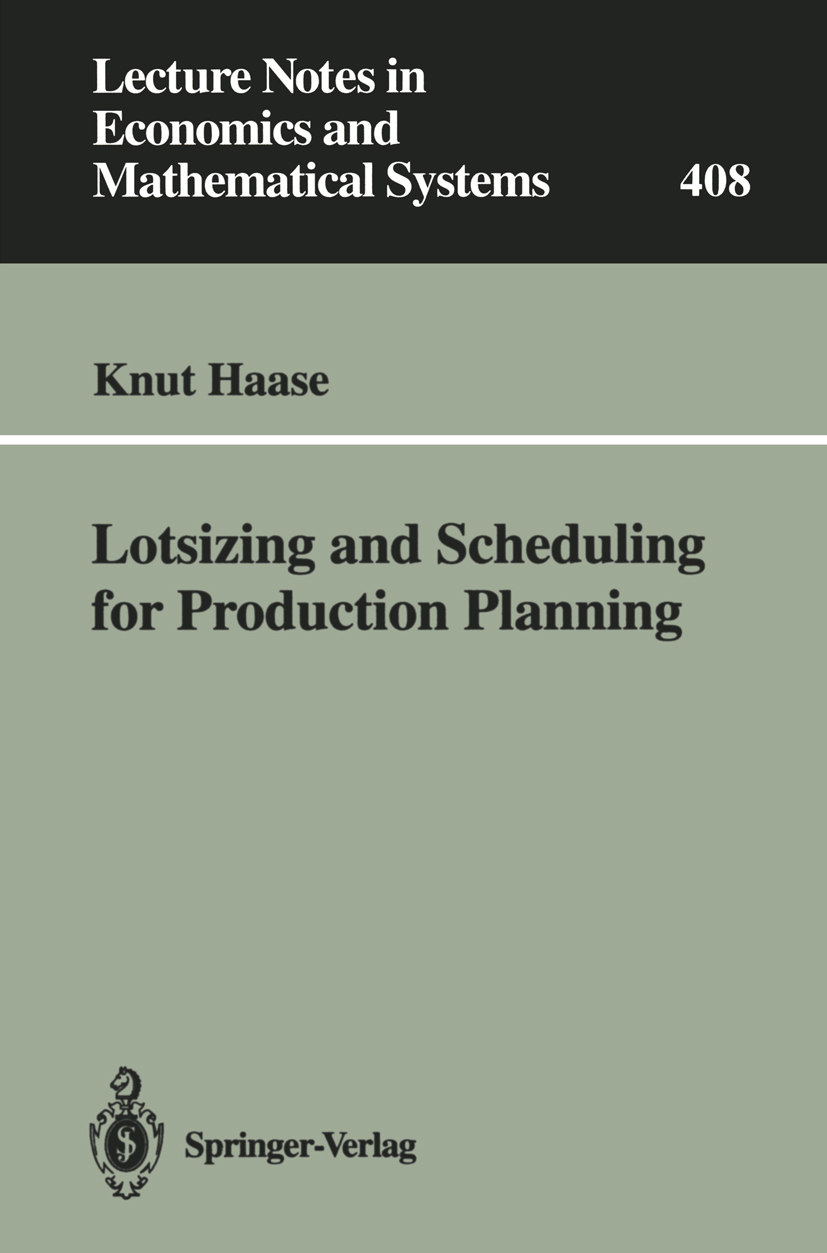
Lotsizing and Scheduling for Production Planning Billions of dollars are tied up in the inventories of manufacturing companies which cause large (interest) costs. A small decrease of the inventory and/or production costs without reduction of the service level can increase the profit substantially. Especially in the case of scarce capacity, efficient production schedules are fundamental for short delivery time and on-time delivery which are important competitive priorities. To support decision makers by improving their manufacturing resource planning system with appropriate methods is one of the most of production planning. interesting challenges The following chapters contain new models and new solution strategies which may be helpful for decision makers and for further research in the areas of production planning and operations research. The main subject is on lotsizing and scheduling. The objectives and further characteristics of such problems can be inferred from practical need. Thus, before an outline is given, we consider the general objectives of lotsizing and scheduling and classify the most important characteristics of such problems in the following sections. TECHNOLOGY & ENGINEERING,Industrial Engineering
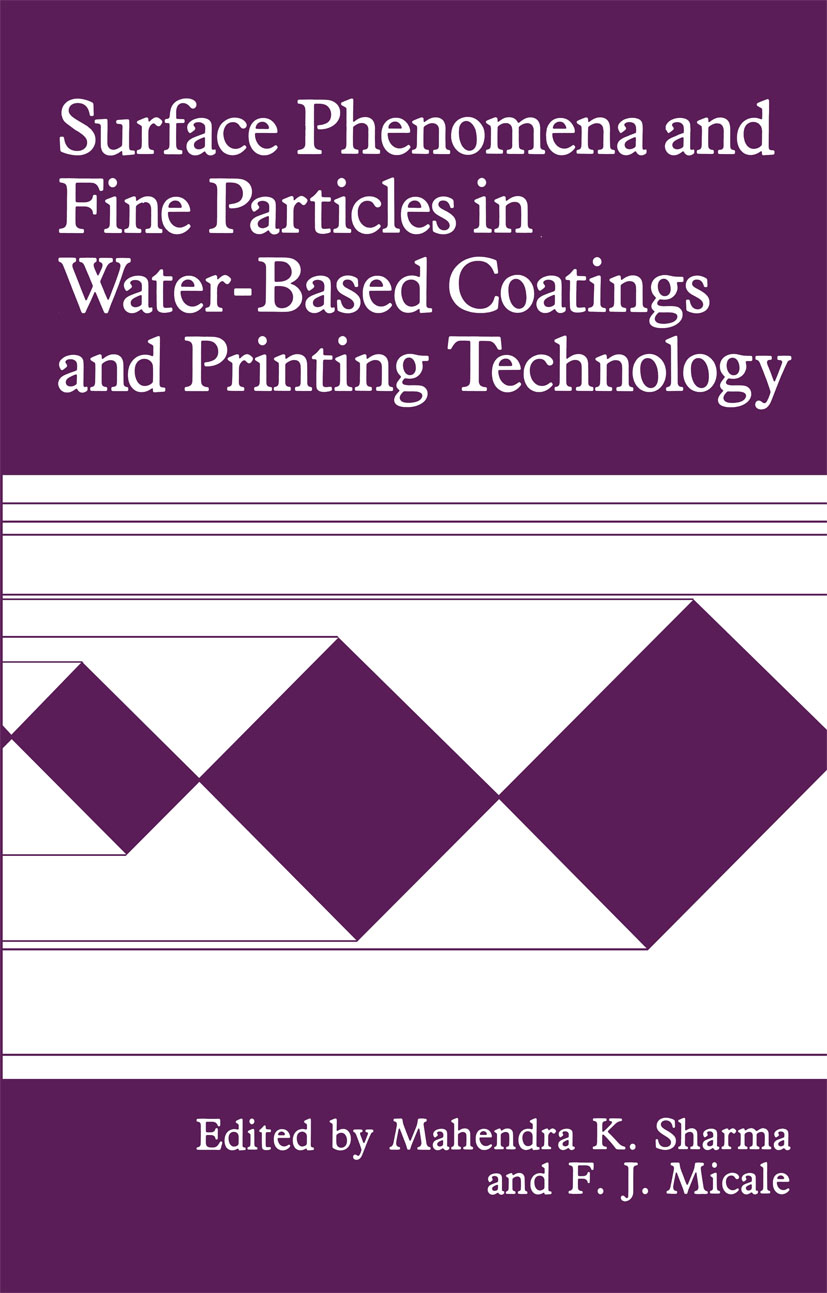
Surface Phenomena and Fine Particles in Water-Based Coatings and Printing Technology 'IHE CURRENT STATE OF 'IHE AID' of several aspects of water-based coatings and printing processes is presented in this voltnne. It documents the proceedings of the Intemationl Syrrposium on Surface RJ. enornena and Fine Particles in Water-Based Coatings and Printing Teclmology sponsored by the Fine Particle Society (FPS). '!his meeting was held in Boston, Massachusetts, August 21-25, 1989. '!he syrrp:>sium upon which this voltnne is based was organized in six sessions errphasizing various basic and applied areas of research on water-based technology. Major topics discussed involve surface phenomena in coatings, printing defects and their remedies, surface tension effects in water-based coatings and printing inks, surface energies of polymer substrates, wettability, aqueous polymeric film coating of pharmaceuticals, flexographic and gravure printing processes, characterization of coating materials, pigment dispersion, wax emulsions for surface modifications, and the role of polymer in particle/surface deposition. '!his edition includes the twenty four selected papers presented in the syrrp:>sium. '!hese papers are divided in three broad categories: (1) Water-Based Inks and Coatings, (2) Emulsions and Adhesion in Coatings, and (3) Characterization of Coating and Printing Materials. Several types of coating and printing on different substrates using water-based fonnulations with special reference to surface phenomena and particle technology are described in these sections. This proceedings vo1tnne includes discussions of various processes occuring at llIOlecular, microscopic, and macroscopic levels in water-based coatings and printing processes. TECHNOLOGY & ENGINEERING,Industrial Engineering

The Shape of Future Technology Mike Cooley One of the most remarkable features of modern industrial society, is the gap between that which technology could provide for society (its potential) and that which it actually does provide for society (its reality). We have for example, complex control systems which can guide a missile to another continent with extraordinary accuracy, yet the blind and the disabled have to stagger around our cities in very much the same way as they did in mediaeval times. There are advanced communication systems enabling messages to be sent around the world in a fraction of a second, but it now takes longer to send an ordinary letter from Washington to New York than it did in the days of the stage coach. Such a growing chasm between potential and reality, is giving rise to a thorough questioning of many of the orthodoxies in these areas and the priorities on which they are based. Similar contradictions, even if at this stage less obvious and dramatic, abound in the field of manufacturing technology. There, we find technologies which have the potential of liberating human beings from soul destroying, routine, backbreaking tasks and leave them free to engage in more creative work, but which in reality, often end up reducing the human being to a mere machine appendage, acted upon by the technology and becoming a passive, pathetic element in the productive system rather than a creative, dynamic human being. TECHNOLOGY & ENGINEERING,Industrial Engineering

High Energy Density Technologies in Materials Science Proceedings of the 2nd Scientific Workshop, Novara, May 3-4, 1989 TECHNOLOGY & ENGINEERING,Industrial Engineering

Dough Rheology and Baked Product Texture Cereal chemists are interested in rheology because the dough undergoes some type of deformation in every phase of the conversion of flour into baked products. During mixing, dough is subjected to extreme deformations, many that exceed the rupture limit; during fermentation, the deformations are much smaller and therefore exhibit a different set of rheological properties; during sheeting and molding, deformations are at an intermediate level; and, finally, during proofing and baking, the dough is subjected to a range of deformations at varying temperatures. Accordingly, the application of rheological concepts to explain the behavior of dough seems a natural requirement of research on the interrelationships among flour constituents, added ingredients, process parameters, and the required characteristics of the final baked product. At any moment in the baking process, the rheological behavior, that is, the nature of the deformation, exhibited by a specific dough derives from the applied stress and how long the stress is maintained. The resulting deformation may be simple, such as pure viscous flow or elastic deformation, and therefore easy to define precisely. Moreover, under some conditions of stress and time (i. e. , shear rate), doughs behave as ideal materials and their behavior follows theory derived from fundamental concepts. Under usual conditions encountered in baking, however, the rheological behavior is far from ideal; shear rates vary widely and sample size and dimensions are ill-defined. TECHNOLOGY & ENGINEERING,Industrial Engineering

Computers as Theatre Brenda Laurel's Computers as Theatre revolutionized the field of human-computer interaction, offering ideas that inspired generations of interface and interaction designers-and continue to inspire them. Laurel's insight was that effective interface design, like effective drama, must engage the user directly in an experience involving both thought and emotion. Her practical conclusion was that a user's enjoyment must be a paramount design consideration, and this demands a deep awareness of dramatic theory and technique, both ancient and modern. Now, two decades later, Laurel has revised and revamped her influential work, reflecting back on enormous change and personal experience and forward toward emerging technologies and ideas that will transform human-computer interaction yet again. Beginning with a clear analysis of classical drama theory, Laurel explores new territory through the lens of dramatic structure and purpose. Computers as Theatre, Second Edition, is directed to a far wider audience, is written more simply and elegantly, is packed with new examples, and is replete with exciting and important new ideas. This book Draws lessons from massively multiplayer online games and systems, social networks, and mobile devices with embedded sensors Integrates values-driven design as a key principle Integrates key ideas about virtual reality Covers new frontiers, including augmented reality, distributed and participatory sensing, interactive public installations and venues, and design for emergence Once more, Brenda Laurel will help you see the connection between humans and computers as you never have before-and help you build interfaces and interactions that are pleasurably, joyously right! TECHNOLOGY & ENGINEERING,Industrial Engineering

Handbook of Human Factors and Ergonomics in Consumer Product Design, 2 Volume Set A comprehensive resource, this handbook covers consumer product research, case study, and application. It discusses the unique perspective a human factors approach lends to product design and how this perspective can be critical to success in the market place. Divided into two volumes, the handbook includes introductory and summary chapters on case study design, design methods and process, error and hazards, evaluation methods, focus groups, and more. It discusses white goods, entertainment systems, personnel audio devices, mobile phones, gardening products, computer systems, and leisure goods. TECHNOLOGY & ENGINEERING,Industrial Engineering
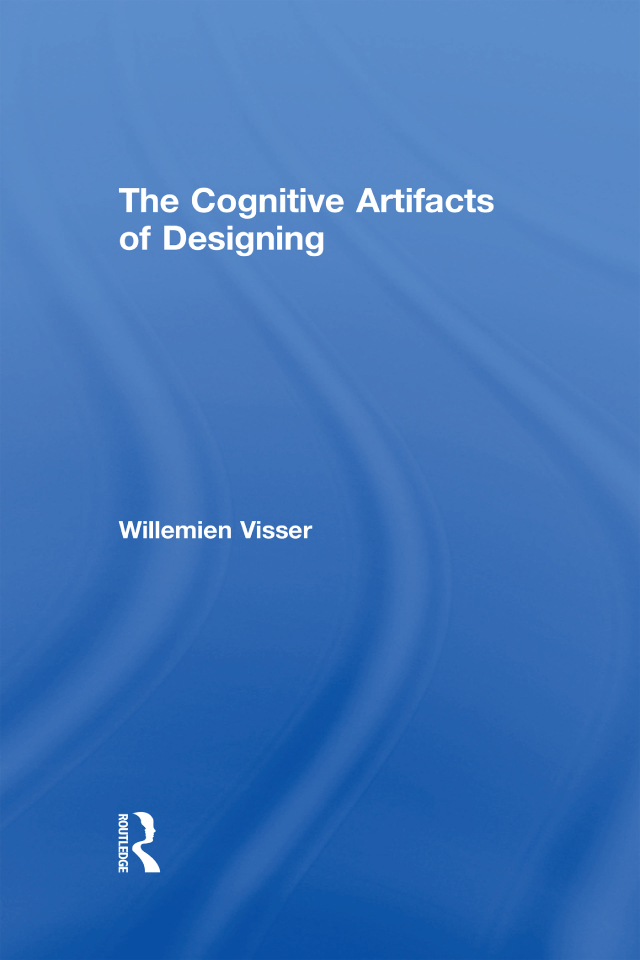
The Cognitive Artifacts of Designing In this dynamic review and synthesis of empirical research and theoretical discussion of design as cognitive activity, Willemien Visser reconciles and integrates the classical view of design, as conceptualized by Herbert Simon's symbolic information processing approach, with modern views of design such as the situativity approach, as formulate TECHNOLOGY & ENGINEERING,Industrial Engineering

Program Management for Improved Business Results Superior program management begins with superior information and strategy Program Management for Improved Business Results, Second Edition is a practical guide to real-world program management, written to align with the rigorous PMI® PgMP® certification standards. The book explains the benchmarks and best practices that help shape a superior program manager, and provides case studies that illustrate the real-world application of management concepts. Written by a team composed of both industry professionals and academics, the book strikes a balance between theory and practice that facilitates understanding and better prepares candidates for the PgMP. Managers at all levels will learn the insights and techniques that are shaping modern management expectations. The Project Management Institute and the Product Development and Management Association both agree that program management is a critical element in the successful integration of business strategy and project management. The certification process is difficult, and few complete it – but demand for competent professionals is high. Program Management for Improved Business Results addresses this disconnect, preparing readers to fill the gaps and help businesses achieve the level of program management integration required by professional organizations. Topics include: Aligning programs with business strategy Program planning, execution, and processes Management metrics and strategic and operational tools Roles, responsibilities, and core competencies The book focuses on both the macro and the micro levels, explaining the successful integration of business strategy with project portfolios as well as the managing of a single program. Case studies present both issue-oriented and comprehensive perspectives, and guidance includes real, actionable steps. For professionals seeking improved program outcomes, Program Management for Improved Business Results is a roadmap to exceptional management skills. (PMI and PgMP are registered marks of the Project Management Institute, Inc.) TECHNOLOGY & ENGINEERING,Industrial Engineering

Introduction to Human Factors and Ergonomics for Engineers Supplying a breadth and depth of coverage beyond that found in most traditional texts, Introduction to Human Factors and Ergonomics for Engineers, Second Edition presents and integrates important methods and tools used in the fields of Industrial Engineering, Human Factors and Ergonomics to design and improve jobs, tasks and products. It presents t TECHNOLOGY & ENGINEERING,Industrial Engineering
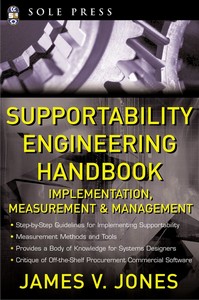
Supportability Engineering Handbook Utilize the Latest Supportability Tools and Methods to Design Durable and Maintainable Systems Engineers in both the commercial and military sectors can rely on the Supportability Engineering Handbook for complete support criteria that ensure the performance of products ranging from automobiles to spacecraft. This one-of-a-kind resource offers the latest supportability tools and methods for designing complex systems that will last a long time and be easy to maintain in actual use. World-renowned supportability and logistics expert James V. Jones shows readers how to create supportable design solutions through effective system architecting, system and design engineering, and integration. He fully analyzes reliability, maintainability, and testability, and also explores every aspect of supportability. In addition, the author presents detailed coverage of reliability-centered maintenance…safety and human factors engineering…cost of ownership…supportability assessment and testing… configuration management and control…and much more. The Supportability Engineering Handbook features: Step-by-step guidelines for implementing supportability State-of-the-art measurement methods and tools A wealth of cutting-edge system design knowledge An expert critique of commercial off-the-shelf applications Achieve Optimal Supportability in the Design of Complex Systems • The Evolving Supportability Design Solution • Creating the Design Solution through System Architecting, System Engineering, Design Engineering, and Integration Engineering • Reliability, Maintainability, and Testability Engineering • Supportability Characteristics • Reliability Centered Maintenance • Safety and Human Factors Engineering • Cost of Ownership • Supportability Analysis • Supportability Assessment and Testing • Configuration Management and Control • Special Considerations: Software, Off the Shelf Items • Abbreviations and Acronyms • Glossary of Terms TECHNOLOGY & ENGINEERING,Industrial Engineering
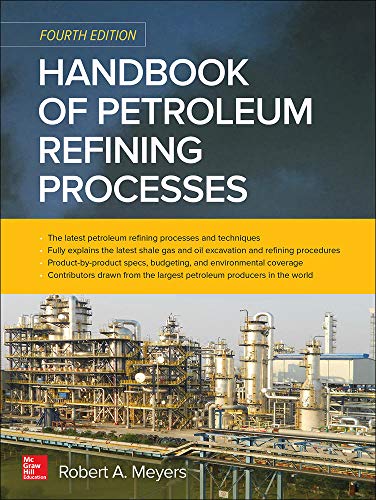
Handbook of Petroleum Refining Processes, Fourth Edition This fully revised resource presents the latest technologies and processes for petroleum refining from the world’s leading producers. Handbook of Petroleum Refining Processes has become a key reference in the chemical and petroleum engineering markets. The book is unique in that it presents licensable technologies for the refining of petroleum and production of environmentally acceptable fuels and petrochemical intermediates. The new edition covers the gamut of global refining technologies in light of recent changes to the sources of these fuels, as well as the most up-to-date global environmental regulations. Contributions come from such major licensors of petroleum refining technology as UOP, Inc., Shell, ExxonMobil Research and Engineering Company (EMRE), Chevron Lummus Global, Phillips 66, Belco, BP, and others. The new edition shifts its emphasis to accommodate the increased production of shale gas and shale oil which is changing the overall mix of hydrocarbon feeds. Declining conventional crude production and the need for regional energy independence continues to drive demand to use lower-cost, alternate feedstocks such as coal, shale oil, and heavy crude. To use alternate feedstocks in existing refineries, many processes need to be modified. The increase in diesel demand and stricter fuel specifications is driving refiners to look for ways to produce higher yields from existing assets. The book reflects these factors, plus the increase in residue conversion; hydrocracking evolving as a primary conversion process; and hydrotreating increasing as a way to treat virgin and cracked middle distillate streams. Offers detailed description of process chemistry and thermodynamics and product by-product specifications of plants Contributors are drawn from the largest petroleum producers in the world, including Chevron, Shell, ExxonMobil, and UOP Covers the very latest technologies in the field of petroleum refining processes and the shift toward shale gas and oil A complete listing and explanation of licensable global technologies for the refining of petroleum and the production of environmentally acceptable fuels and petrochemical intermediates Provides product-by-product specifications and process economics – capital investment annualized capital costs and the price range for each product TECHNOLOGY & ENGINEERING,Industrial Engineering
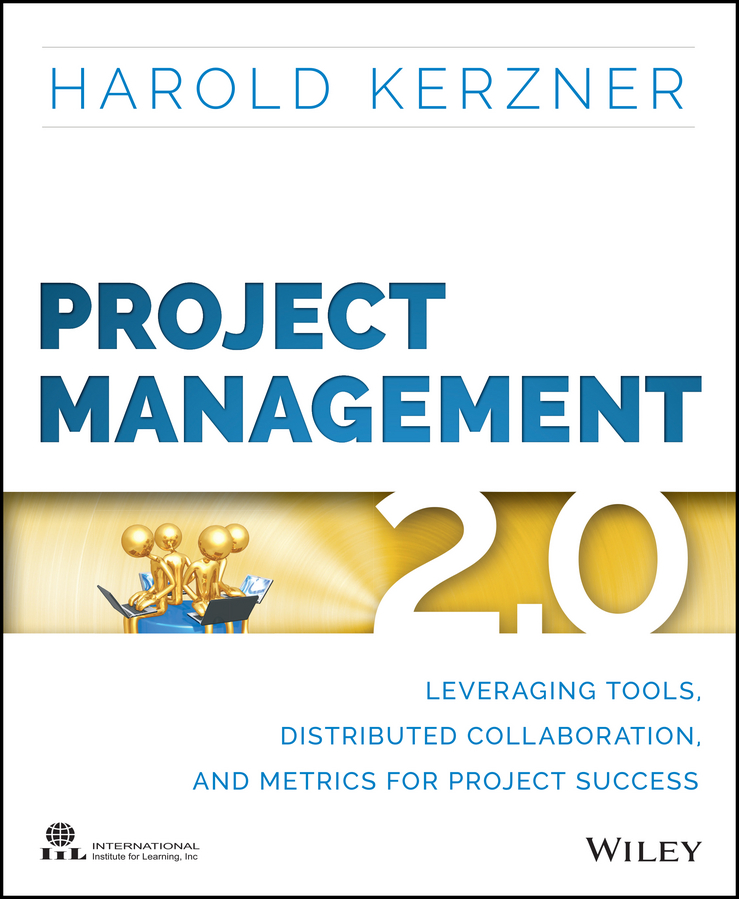
Project Management 2.0 Get connected and improve outcomes with a more modern approach to project management Project Management 2.0 tackles the new emerging approach and toolset for practicing project management in a virtual world. Author Harold Kerzner is recognized as the thought leader in project management, and in this book, he shows how PM 2.0 offers better outcomes with a focus on new tools, better governance, improved collaboration, and more meaningful reporting using KPIs, metrics, and dashboards. This full color guide explores the impact PM 2.0 changes are having on organizations around the world, and provides a detailed comparison with PM 1.0 to help practitioners adopt new techniques and tools to use within their existing project management approach. At its core, PM 2.0 recognizes that a new generation of workers grew up in a Web 2.0 world of web-based project management tools that allow virtual or distributed teams to work together much more closely than in the past. Advances in technology and information flow have shown that traditional project management techniques are ineffective for many of today's projects. This book offers an alternative with PM 2.0, an updated approach that aligns more closely with the modern workflow. Discover the new project management tools that are changing the workflow Learn how to improve collaboration with stakeholders Explore new ideas and processes for better project governance Achieve more meaningful information reporting with traditional tools Project management is an integral component of successful business operations. With today's technology, teams are no longer limited by distance or time zones – so why are they being managed with approaches that are? This book provides a framework more relevant to the way people work today. For the project manager looking to increase efficiency and improve outcomes, Project Management 2.0 provides the information and tools that can make it happen. TECHNOLOGY & ENGINEERING,Industrial Engineering
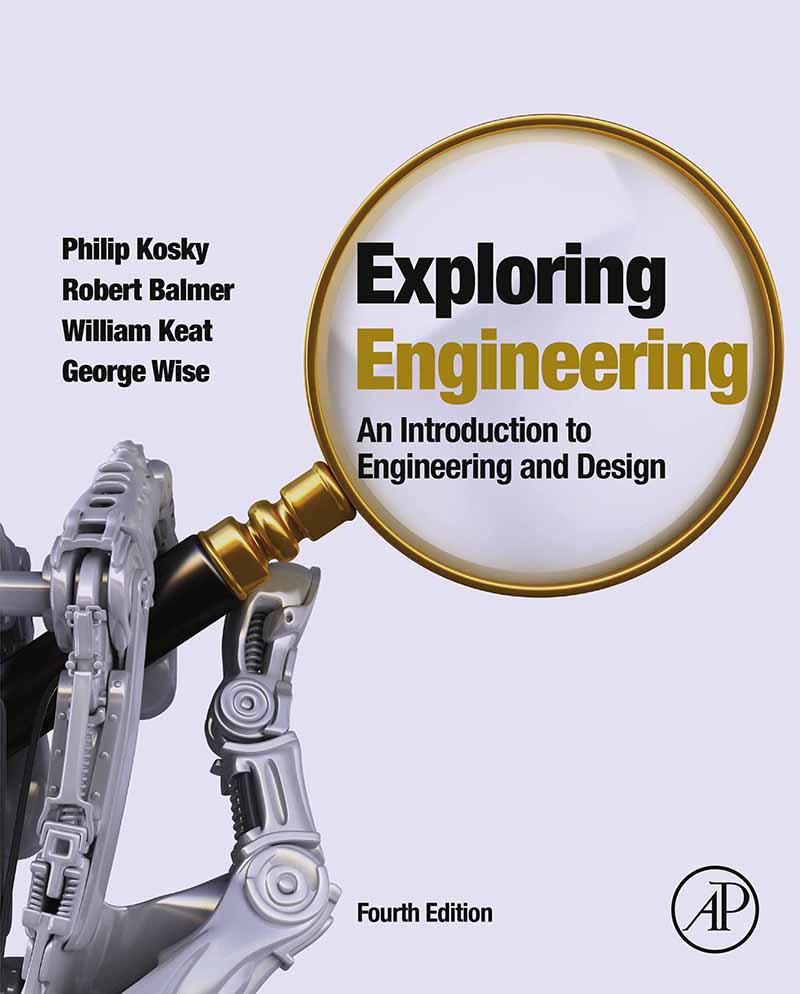
Exploring Engineering Exploring Engineering, Fourth Edition: An Introduction to Engineering and Design, winner of a 2017 Textbook Excellence Award (Texty), presents the emerging challenges engineers face in a wide range of areas as they work to help improve our quality of life. In this classic textbook, the authors explain what engineers actually do, from the fundamental principles that form the basis of their work to the application of that knowledge within a structured design process. The text itself is organized into three parts: Lead-On, Minds-On, Hands-On. This organization allows the authors to give a basic introduction to engineering methods, then show the application of these principles and methods, and finally present a design challenge. This book is an ideal introduction for anyone interested in exploring the various fields of engineering and learning how engineers work to solve problems. Winner of a 2017 Textbook Excellence Award (Texty) from the Textbook & Academic Authors Association NEW: Chapters on Aeronautical Engineering, Industrial Engineering, and Design Teams NEW: Expanded content in the chapters "Defining the Problem," "Generation of 'Alternative Concepts'," and "Detailed Design" NEW: Material on sustainability issues in engineering Introduces students to the engineering profession, emphasizing the fundamental physical, chemical, and material bases for all engineering work Includes an Engineering Ethics Decision Matrix used throughout the book to pose ethical challenges and explore decision-making in an engineering context Lists of "Top Engineering Achievements" and "Top Engineering Challenges" help put the material in context and show engineering as a vibrant discipline involved in solving societal problems Companion Web site includes links to several new drawing supplements, including "Free-hand Engineering Sketching," (detailed instructions on free-hand engineering sketching); "AutoCAD Introduction," (an introduction to the free AutoCAD drawing software); and "Design Projects," (new freshman-level design projects that complement the "Hands-On" part of the textbook). TECHNOLOGY & ENGINEERING,Industrial Engineering
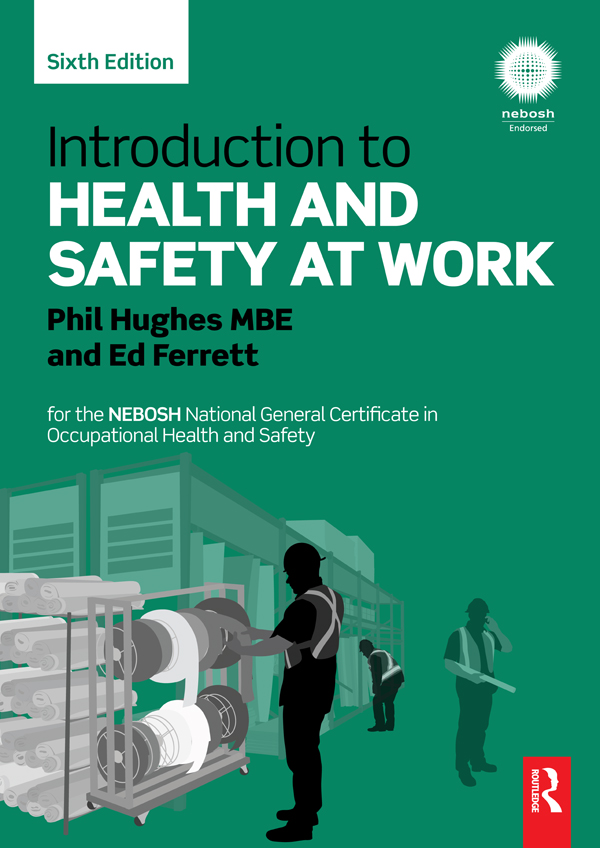
Introduction to Health and Safety at Work Introduction to Health and Safety at Work covers the fundamentals of occupational safety and health for the thousands of students who complete the NEBOSH National General Certificate in Occupational Health and Safety each year. Fully revised in alignment with the April 2015 syllabus, this sixth edition provides students with all they need to tackle the course with confidence. The highly illustrated content covers all of the essential elements of health and safety management, the legal framework, risk assessment and control standards and also includes checklists, report forms and record sheets to supplement learning. Aligned to the NEBOSH National General Certificate in Occupational Health and Safety Practice questions and answers to test knowledge and increase understanding Complete with a companion website containing extra resources for tutors and students at www.routledge.com/cw/hughes Written by renowned authors, the Introduction to Health and Safety at Work is also a handy reference for managers and directors dealing with the day-to-day issues of health and safety and is of great value to those studying for level 3 N/SVQ and the NEBOSH National Diploma. TECHNOLOGY & ENGINEERING,Industrial Engineering
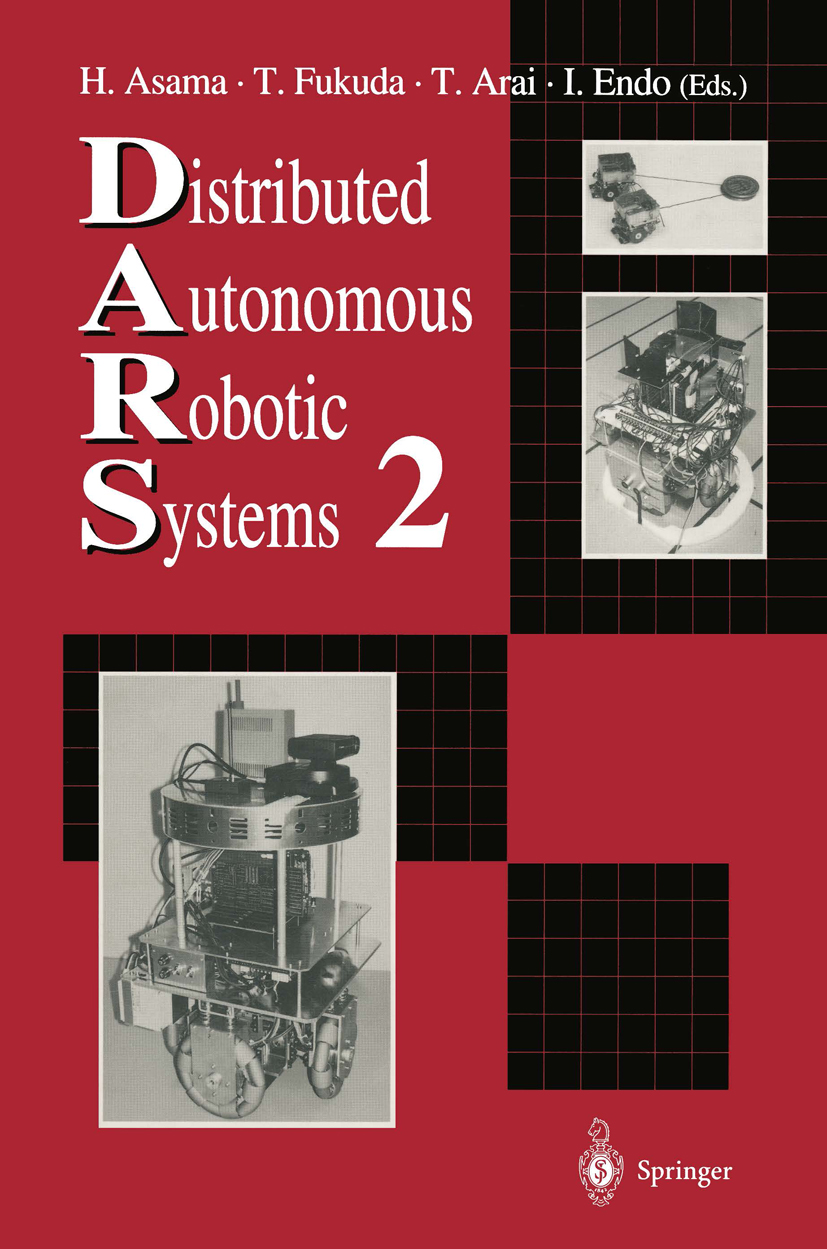
Distributed Autonomous Robotic Systems 2 Great interest is now focused on distributed autonomous robotic systems (DARS) as a new strategy for the realization of flexible, robust, and intelligent robots. Inspired by autonomous, decentralized, and self-organizing biological systems, the field of DARS encompasses broad interdisciplinary technologies related not only to robotics and computer engineering but also to biology and psychology. The rapidly growing interest in this new area of research was manifest in the first volume of Distributed Autonomous Robotic Systems, published in 1994. This second volume in the series presents the most recent work by eminent researchers and includes such topics as multirobot control, distributed robotic systems design, self-organizing systems, and sensing and navigation for cooperative robots. Distributed Autonomous Robotic Systems 2 is a valuable source for those whose work involves robotics and will be of great interest to those in the fields of artificial intelligence, self-organizing systems, artificial life, and computer science. TECHNOLOGY & ENGINEERING,Industrial Engineering
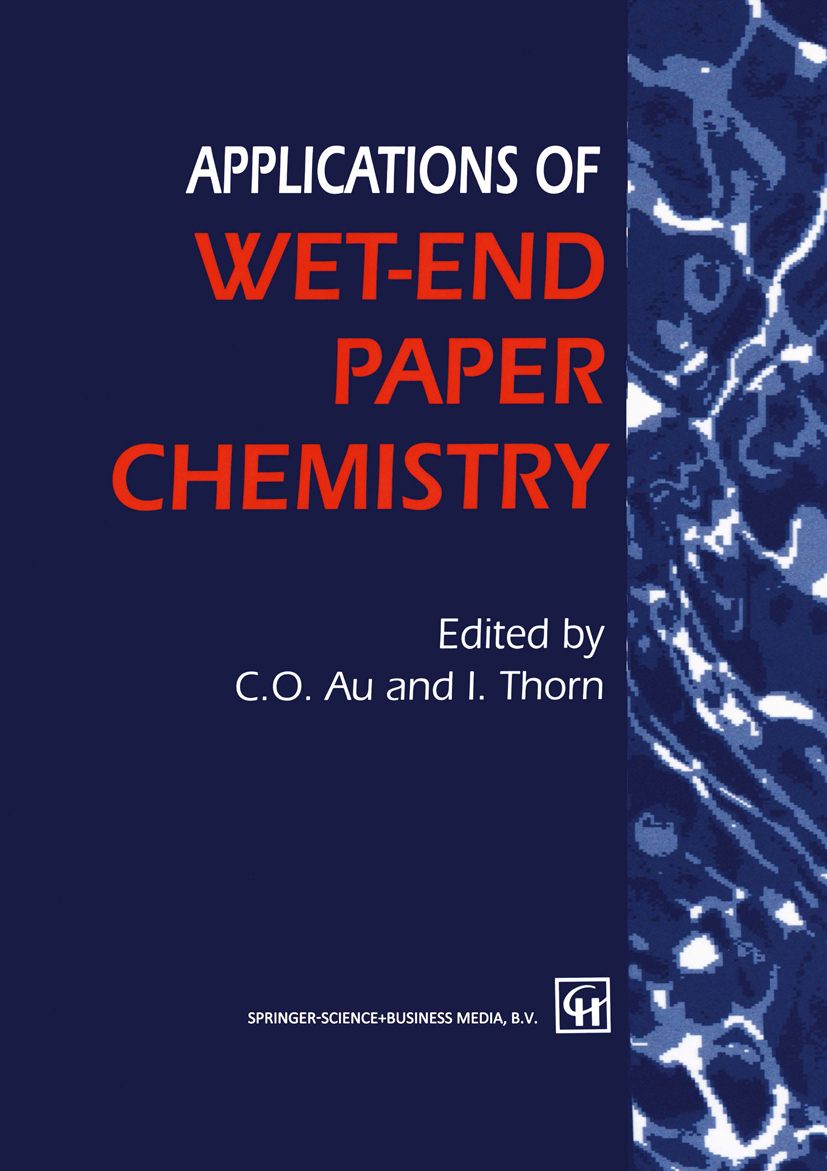
Applications of Wet-End Paper Chemistry Commercial demands and increasing global competition have led to enormous mechanical evolution over recent years. Twin-wires, wide-nip presses, steam boxes and speed sizers have all played a part in improving both the productivity and quality of paper and board products. With the emphasis on mechanical and electrical engineering and the ever increasing pressures of quality measurement and control, little time has been available within a technical department for much reflection on the chemistry of the process. Thus there is a growing trend for the management of the wet-end to be delegated to the chemical supplier. The advances in scale of paper manufacture, environmental sensitivity and higher quality of end-product requirements have all had an impact on the chemistry of the wet-end. The increased production means, for example, that down time is more of an anathema now when capacity is critical. Similarly, with the greater rigours of quality management, anything which causes breaks or holes must be eradicated. Environmental pressures too are growing on the papermaking process. Even if consideration is restricted to only the closure of the white water circuit, it alone throws down a challenge to the potency of biocides, retention aids and other chemicals. These chemicals are detriment ally affected by an increasing concentration of water soluble pulp extractives and surfactants, adhesives and polysaccharides from broke and recycled paper. TECHNOLOGY & ENGINEERING,Industrial Engineering
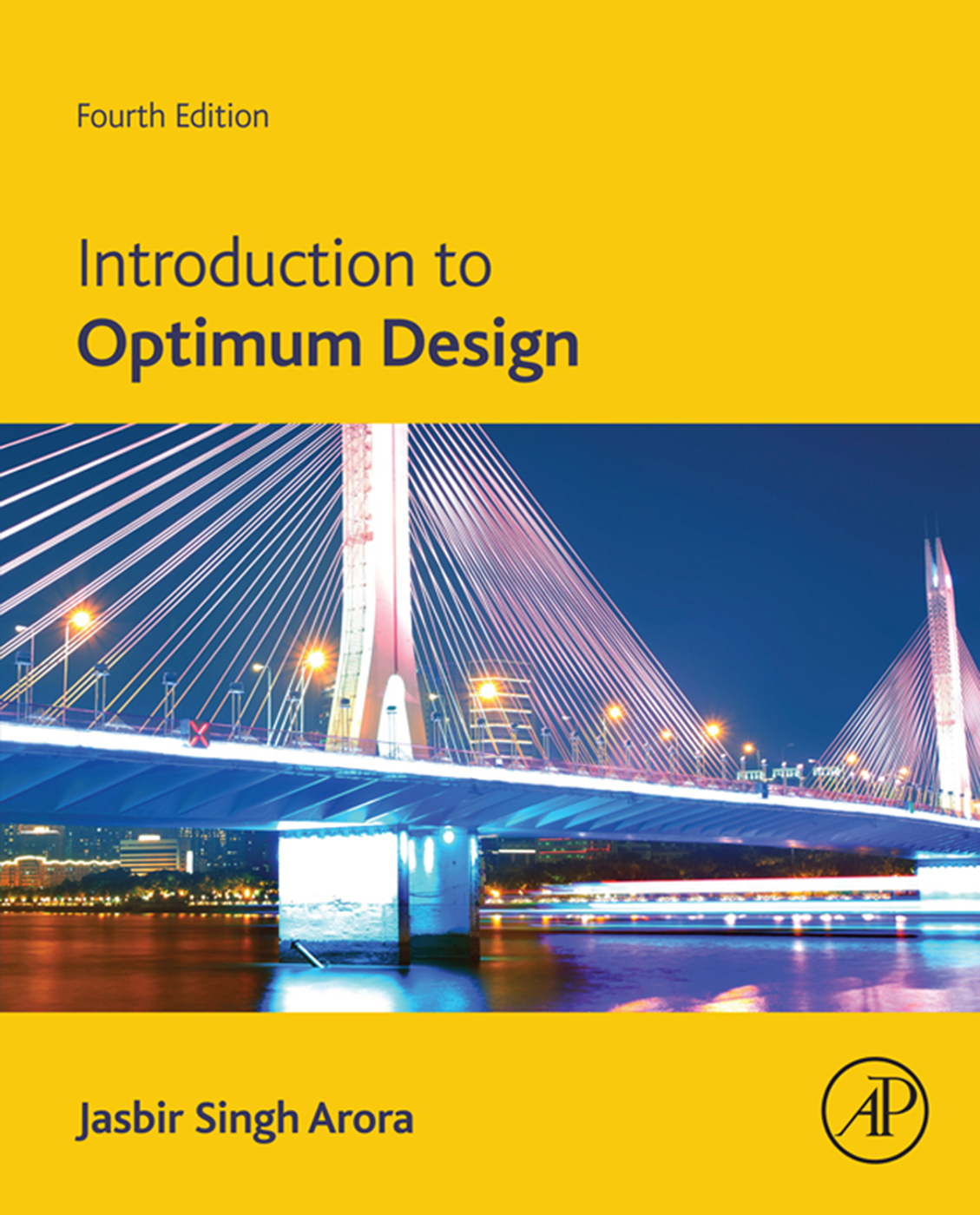
Introduction to Optimum Design Introduction to Optimum Design, Fourth Edition, carries on the tradition of the most widely used textbook in engineering optimization and optimum design courses. It is intended for use in a first course on engineering design and optimization at the undergraduate or graduate level in engineering departments of all disciplines, with a primary focus on mechanical, aerospace, and civil engineering courses. Through a basic and organized approach, the text describes engineering design optimization in a rigorous, yet simplified manner, illustrates various concepts and procedures with simple examples, and demonstrates their applicability to engineering design problems. Formulation of a design problem as an optimization problem is emphasized and illustrated throughout the text using Excel and MATLAB as learning and teaching aids. This fourth edition has been reorganized, rewritten in parts, and enhanced with new material, making the book even more appealing to instructors regardless of course level. Includes basic concepts of optimality conditions and numerical methods that are described with simple and practical examples, making the material highly teachable and learnable Presents applications of optimization methods for structural, mechanical, aerospace, and industrial engineering problems Provides practical design examples that introduce students to the use of optimization methods early in the book Contains chapter on several advanced optimum design topics that serve the needs of instructors who teach more advanced courses TECHNOLOGY & ENGINEERING,Industrial Engineering
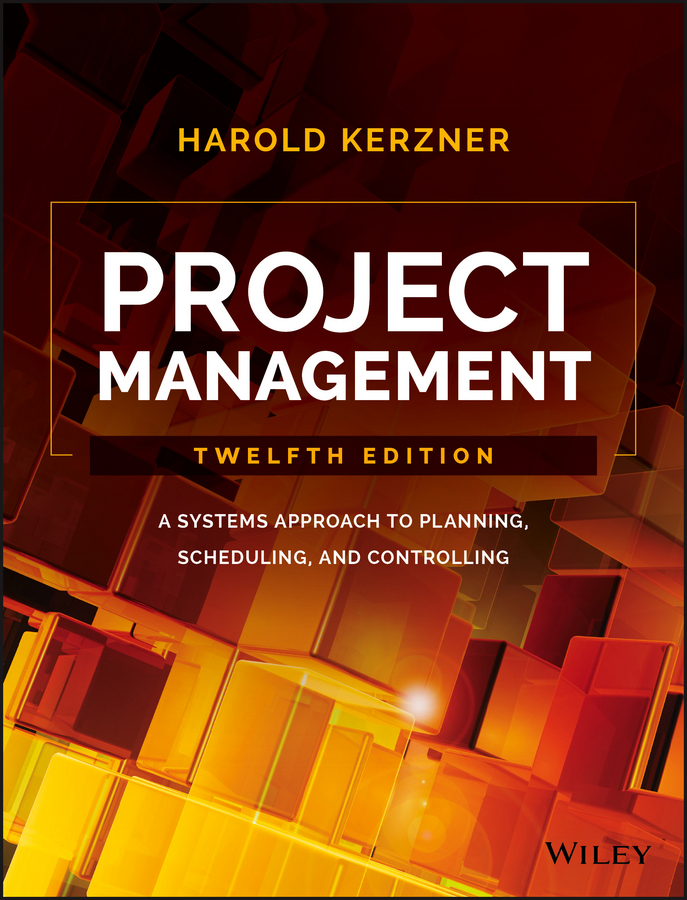
Project Management THE #1 GUIDE FOR STUDENTS AND PROFESSIONALS, NOW UPDATED FOR THE LATEST TRENDS AND EMERGING ISSUES Project Management, or the "Project Management bible" as it's widely known, provides practical guidance on all aspects of project management. It features a streamlined approach to PM functions without stinting on detailed coverage of the tools and methods used at all stages of a project. This 12th Edition has been updated to reflect industry changes and features in-depth coverage of emerging topics, including global stakeholder management, causes of failure, agile project management, project governance failure, customer approval milestones, classifying project metrics, and more. Also, supplementary materials are available for students, professionals, and instructors. Understand organizational structures and project management functions Learn how to control costs, manage risk, and analyze trade-offs Examine different methods used for planning, scheduling, QA, and more Work effectively with customers and stakeholders from around the globe As projects increase in scope and complexity, managing them across time zones, language barriers, and technology platforms requires a systematic approach that accounts for every detail. All the more reason to keep Project Management, 12th Edition within arm's reach throughout all stages of the projects you manage. TECHNOLOGY & ENGINEERING,Industrial Engineering

Total Quality Management Total Quality Management: Key Concepts and Case Studies provides the full range of management principles and practices that govern the quality function. The book covers the fundamentals and background needed, as well as industry case studies and comprehensive topic coverage, making it an invaluable reference to both the novice and the more experienced individual. Aspects of quality control that are widely utilized in practice are combined with those that are commonly referred to on University courses, and the latest developments in quality concepts are also presented. This book is an ideal quick reference for any manager, designer, engineer, or researcher interested in quality. Features two chapters on the latest ISO standards Includes an introduction to statistics to help the reader fully grasp content on statistical quality control Contains case studies that explore many TQM themes in real life situations TECHNOLOGY & ENGINEERING,Industrial Engineering
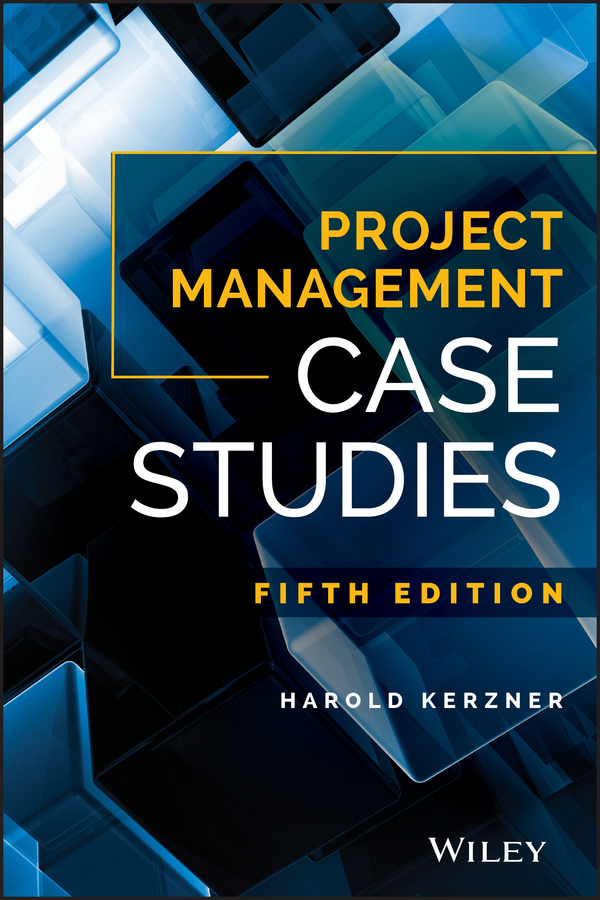
Project Management Case Studies THE #1 PROJECT MANAGEMENT CASE STUDIES BOOK NOW FEATURING NEW CASES FROM DISNEY, THE OLYMPICS, AIRBUS, BOEING, AND MORE After on-the-job experience, case studies are the most important part of every project manager's training. This Fifth Edition of Project Management Case Studies features more than one hundred case studies that detail projects at high-profile companies around the world. These cases offer you a unique opportunity to experience, first-hand, project management in action within a variety of contexts and up against some of the most challenging conditions any project manager will likely face. New to this edition are case studies focusing on agile and scrum methodologies. Contains 100-plus case studies from companies that illustrate both successful and not-so-successful project management Represents an array of industries, including medical and pharmaceutical, aerospace, entertainment, sports, manufacturing, finance, telecommunications, and more Features 18 new case studies, including high-profile cases from Disney, the Olympics, Boeing 787 Dreamliner, and Airbus 380 Follows and supports preparation for the Project Management Professional (PMP)® Certification Exam Experienced PMs, project managers in training, and students alike will find this book to be an indispensable resource whether used as a standalone or combined with the bestselling Project Management: A Systems Approach to Planning, Scheduling, and Controlling, 12th Edition. PMI, CAPM, PMBOK, PMP and Project Management Professional are registered marks of the Project Management Institute, Inc. TECHNOLOGY & ENGINEERING,Industrial Engineering
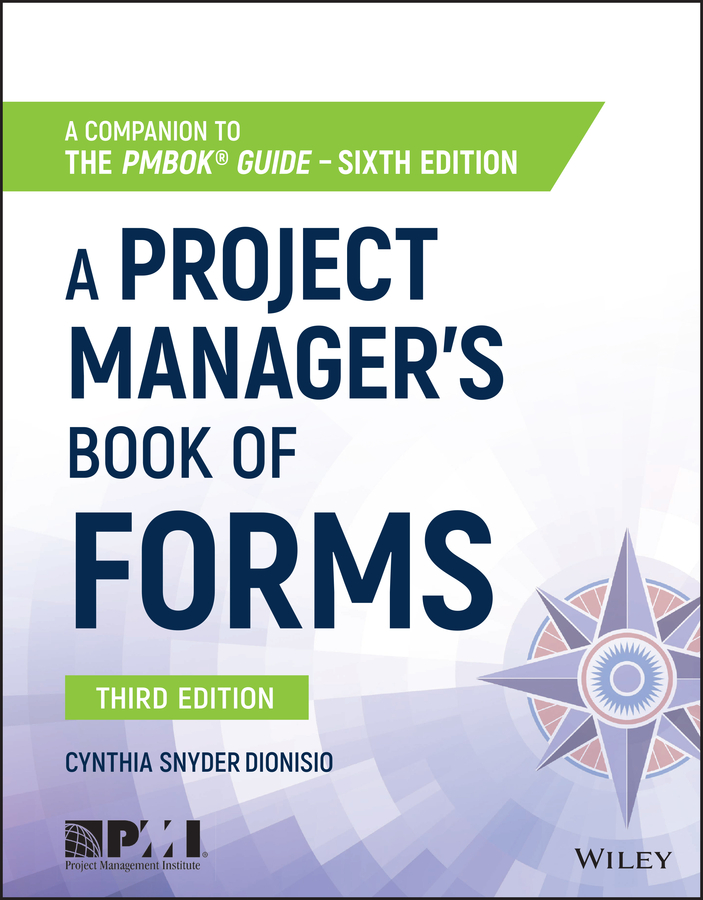
A Project Manager's Book of Forms Essential project management forms aligned to the PMBOK® Guide—Sixth Edition A Project Manager's Book of Forms is an essential companion to the Project Management Institute's A Guide to the Project Management Body of Knowledge. Packed with ready-made forms for managing every stage in any project, this book offers both new and experienced project managers an invaluable resource for thorough documentation and repeatable processes. Endorsed by PMI and aligned with the PMBOK ® Guide, these forms cover all aspects of initiating, planning, executing, monitoring and controlling, and closing; each form can be used as-is directly from the book, or downloaded from the companion website and tailored to your project's unique needs. This new third edition has been updated to align with the newest PMBOK ® Guide, and includes forms for agile, the PMI Talent Triangle, technical project management, leadership, strategic and business management, and more. The PMBOK ® Guide is the primary reference for project management, and the final authority on best practices—but implementation can quickly become complex for new managers on large projects, or even experienced managers juggling multiple projects with multiple demands. This book helps you stay organized and on-track, helping you ensure thorough documentation throughout the project life cycle. Adopt PMI-endorsed forms for documenting every process group Customize each form to suit each project's specific needs Organize project data and implement a repeatable management process Streamline PMBOK ® Guide implementation at any level of project management experience Instead of wasting time interpreting and translating the PMBOK ® Guide to real-world application, allow PMI to do the work for you: A Project Manager's Book of Forms provides the PMBOK ® -aligned forms you need to quickly and easily implement project management concepts and practices. TECHNOLOGY & ENGINEERING,Industrial Engineering

Decision Making in Aviation Decision making pervades every aspect of life: people make hundreds of decisions every day. The vast majority of these are trivial and without a right or wrong answer. In some respects there is also nothing extraordinary about pilot decision making. It is only the setting that is different - the underlying cognitive processes are just the same. However, it is the context and the consequences of a poor decision which serve to differentiate aeronautical decision making. Decisions on the flight deck are often made with incomplete information and while under time pressure. The implications for inadequate performance is much more serious than in many other professions. Poor decisions are implicated in over half of all aviation accidents. This volume contains key papers published over the last 25 years providing an overview of the major paradigms by which aeronautical decision making has been investigated. Furthermore, decision making does not occur in isolation. It is a joint function of the flight tasks; knowledge; equipment on the flight deck and other stressors. In this volume of collected papers, works from leading authors in the field consider all these aspects of aeronautical decision making. TECHNOLOGY & ENGINEERING,Industrial Engineering

Human Factors for Pilots This book has two functions. The first is to provide a comprehensive and concise outline of the available human factors knowledge for the practicing pilot. The second function is to provide this knowledge in a way that follows very closely the syllabus of the UK Civil Aviation Authority's (CAA) Human Performance and Limitations examinations for both professional and private pilots. Although the private pilot's syllabus requires a narrower range of subjects to be studied, and in less detail, than the professional syllabus, this handbook covers both requirements, with syllabus variations being indicated in the contents page. The book is divided into four major sections containing material from psychology, physiology and medicine. TECHNOLOGY & ENGINEERING,Industrial Engineering
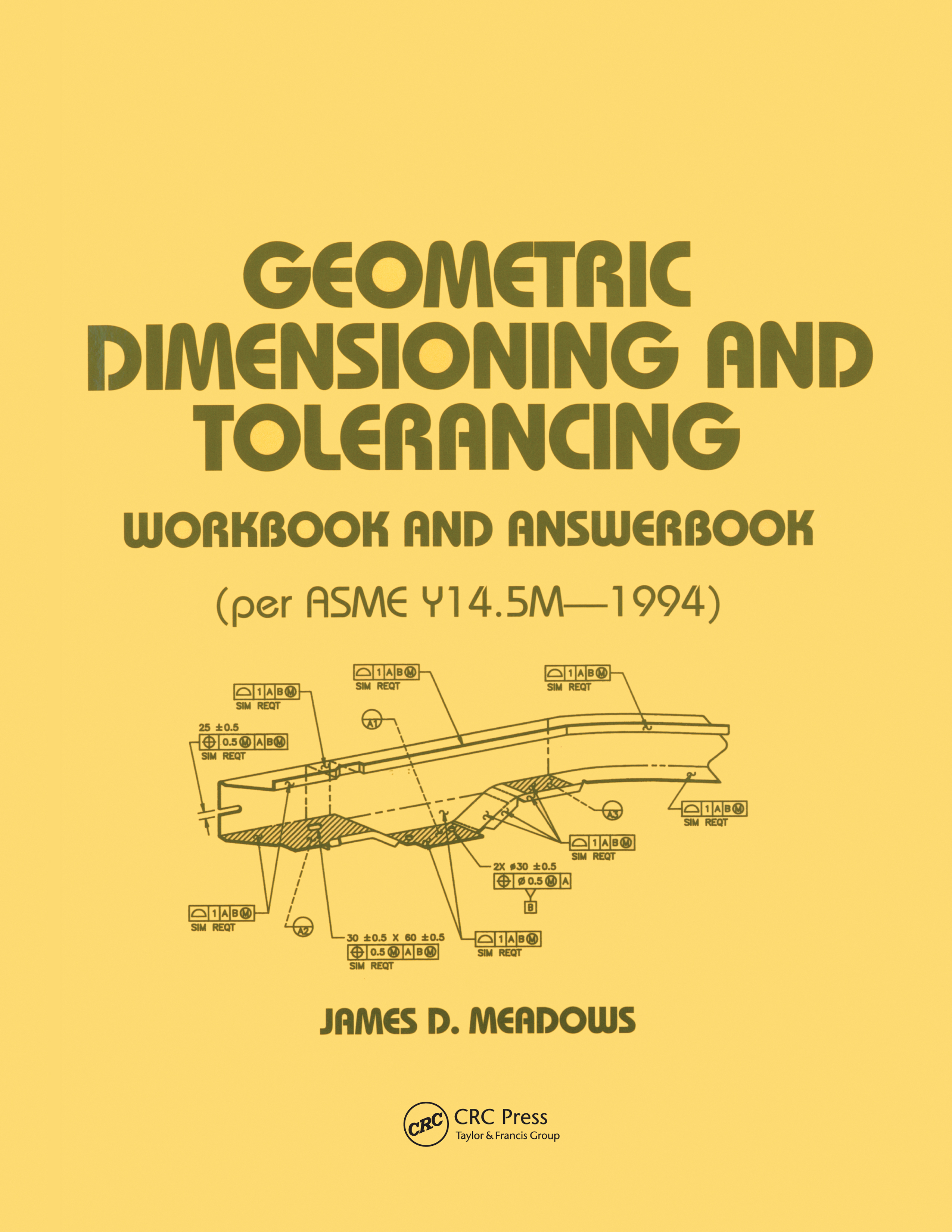
Geometric Dimensioning and Tolerancing Geometric Dimensioning and Tolerancing: Workbook and Answerbook offers a host of effective examples that utilize the concepts discussed in the reference/text--covering all facets of geometric dimensioning and tolerancing, measurement, inspection, and gauging applicable in any on-the-job situation. The Workbook and Answerbook is a companion to Geometric Dimensioning and Tolerancing: Applications for use in Design, Manufacturing, and Inspection (ISBN: 0-8247-9309-9) and follows the reference text chapter by chapter. TECHNOLOGY & ENGINEERING,Industrial Engineering
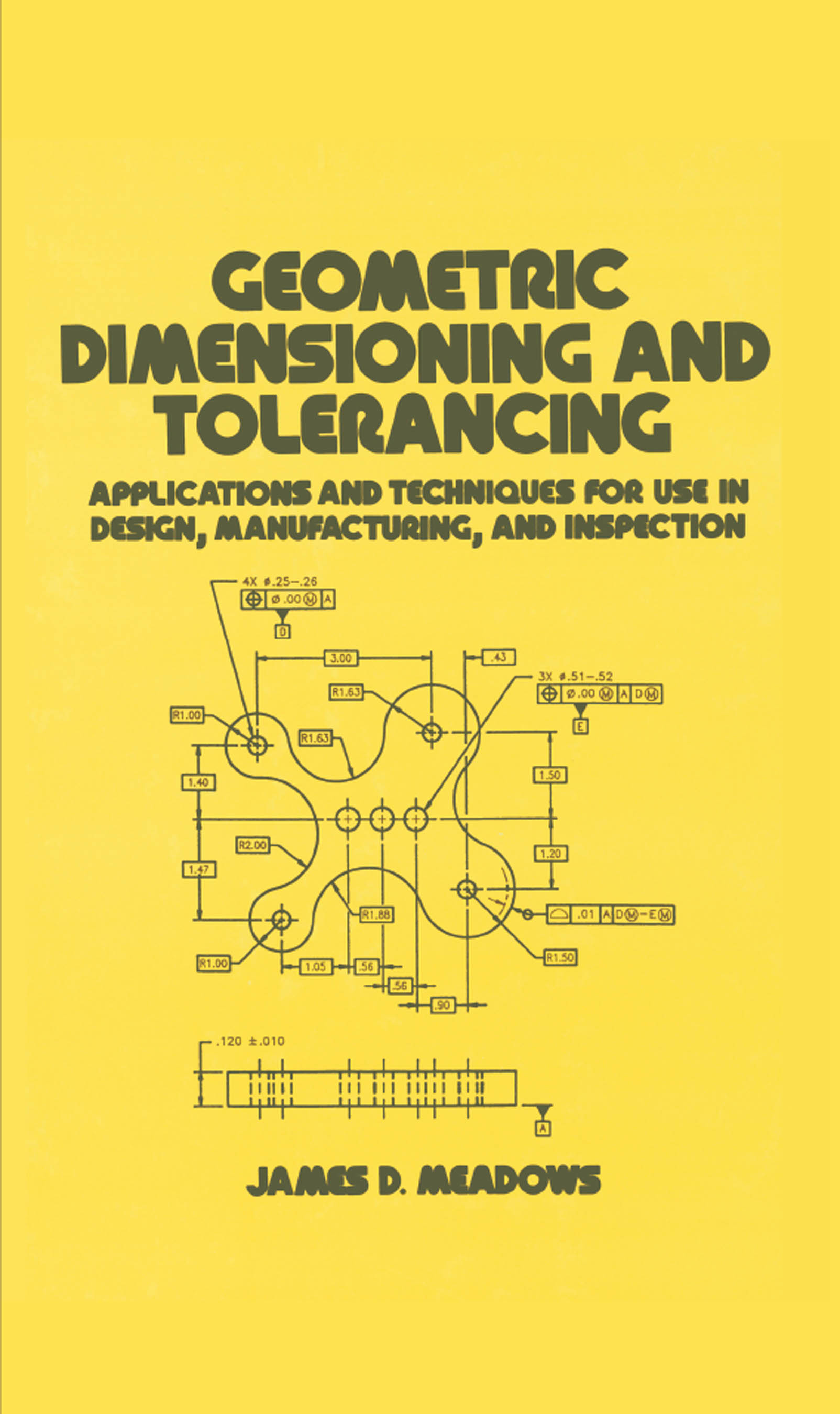
Geometric Dimensioning and Tolerancing Explaining the symbology of dimensioning and tolerancing and introducing a step-by-step system for geometric definition, this book provides examples for the application of geometric controls. The author breaks down the language of geometric product definition into a series of steps that consist of significant questions to be asked at any point in the product definition. He addresses functional requirements and manufacturing techniques, measurement, inspection, and gaging procedures. The book illustrates how symbology is best utilized, in what order it should be applied, and how each geometric control anticipates, integrates, and complements all other geometric controls on a part and in an assembly. TECHNOLOGY & ENGINEERING,Industrial Engineering
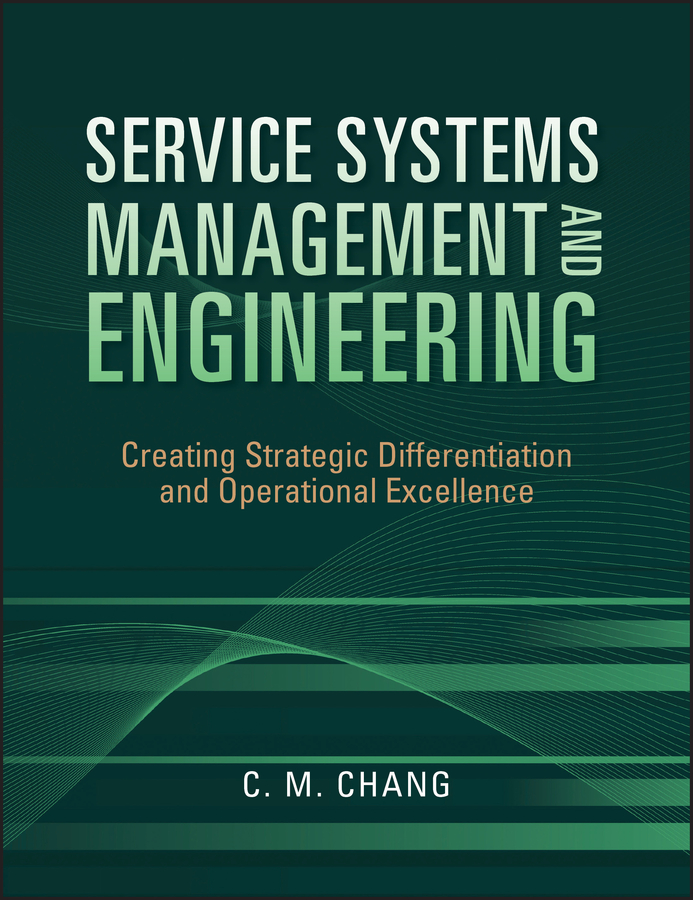
Service Systems Management and Engineering The ultimate instructional guide to achieving success in the service sector Already responsible for employing the bulk of the U.S. workforce, service-providing industries continue to increase their economic dominance. Because of this fact, these companies are looking for talented new service systems engineers to take on strategic and operational challenges. This instructional guide supplies essential tools for career seekers in the service field, including techniques on how to apply scientific, engineering, and business management principles effectively to integrate technology into the workplace. This book provides: Broad-based concepts, skills, and capabilities in twelve categories, which form the "Three-Decker Leadership Architecture," including creative thinking and innovations in services, knowledge management, and globalization Materials supplemented and enhanced by a large number of case studies and examples Skills for successful service engineering and management to create strategic differentiation and operational excellence for service organizations Focused training on becoming a systems engineer, a critically needed position that, according to a 2009 Moneyline article on the best jobs in America, ranks at the top of the list Service Systems Management and Engineering is not only a valuable addition to a college classroom, but also an extremely handy reference for industry leaders looking to explore the possibilities presented by the expanding service economy, allowing them to better target strategies for greater achievement. TECHNOLOGY & ENGINEERING,Industrial Engineering
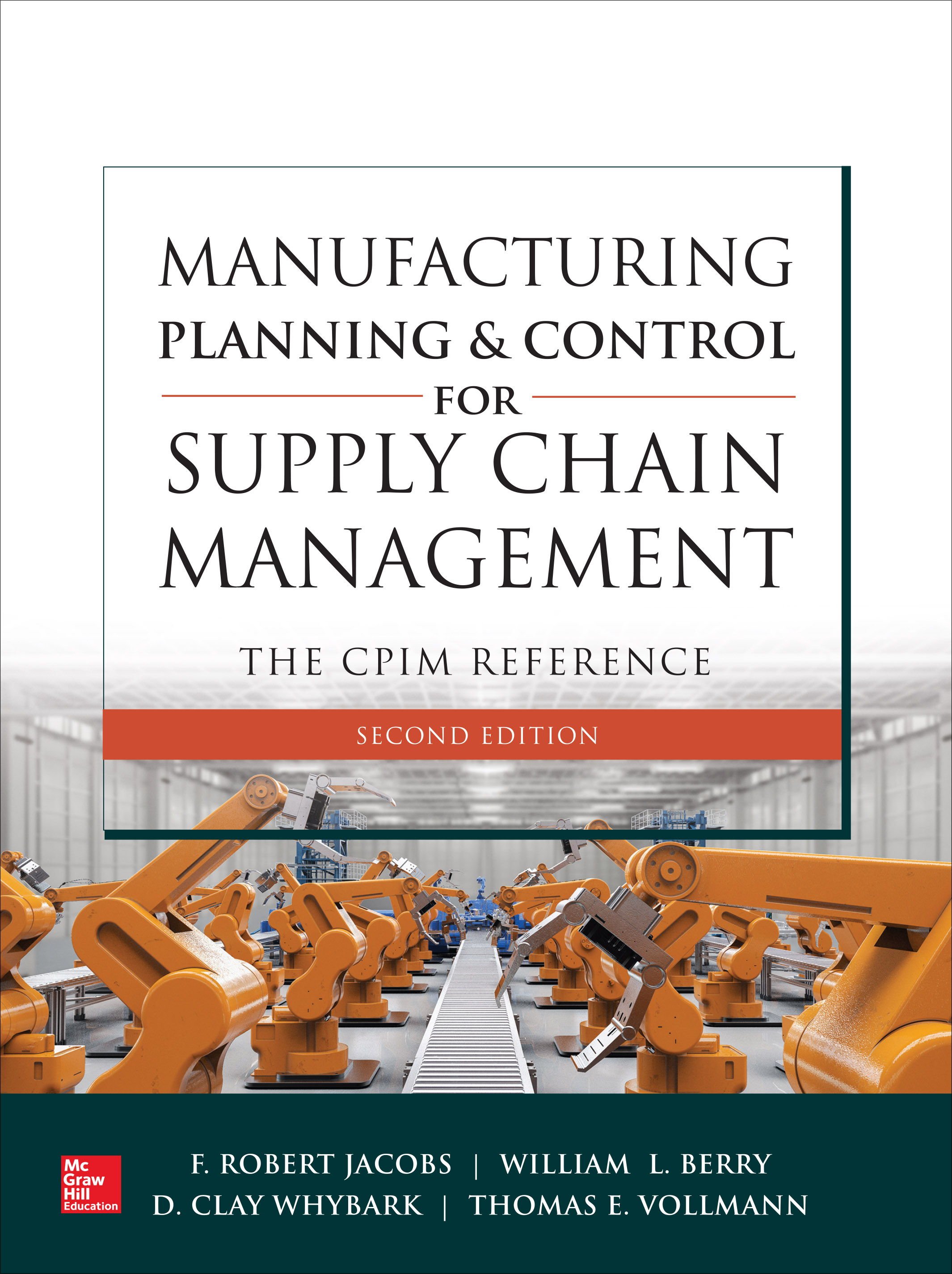
Manufacturing Planning and Control for Supply Chain Management Your definitive reference for manufacturing planning and control professionals—updated for the 2-part version of the CPIM exam Written by a team of recognized experts, Manufacturing Planning and Control for Supply Chain Management: The CPIM Reference, Second Edition, features hundreds of practice questions for the CPIM exams. The book arms you with the knowledge you need to obtain the coveted CPIM designation. You’ll get cutting-edge practices that provide an advantage in today’s global manufacturing environment. Included throughout the book are illustrative examples, practice problems, case studies, and spreadsheets for quick, practical implementation of some of the techniques in the book. Maximize supply chain efficiency, productivity, and profitability, as well as customer satisfaction, using the hand-on information contained in this comprehensive resource. Coverage includes: • Manufacturing planning and control • Enterprise resource planning • Demand management • Forecasting • Advanced sales and operations planning • Master production scheduling • Material requirements planning • Advanced MRP • Capacity planning and management • Production activity control • Just-in-time • Distribution requirements planning • Management of supply chain logistics • Order point inventory control methods • Strategy and MPC system design TECHNOLOGY & ENGINEERING,Industrial Engineering
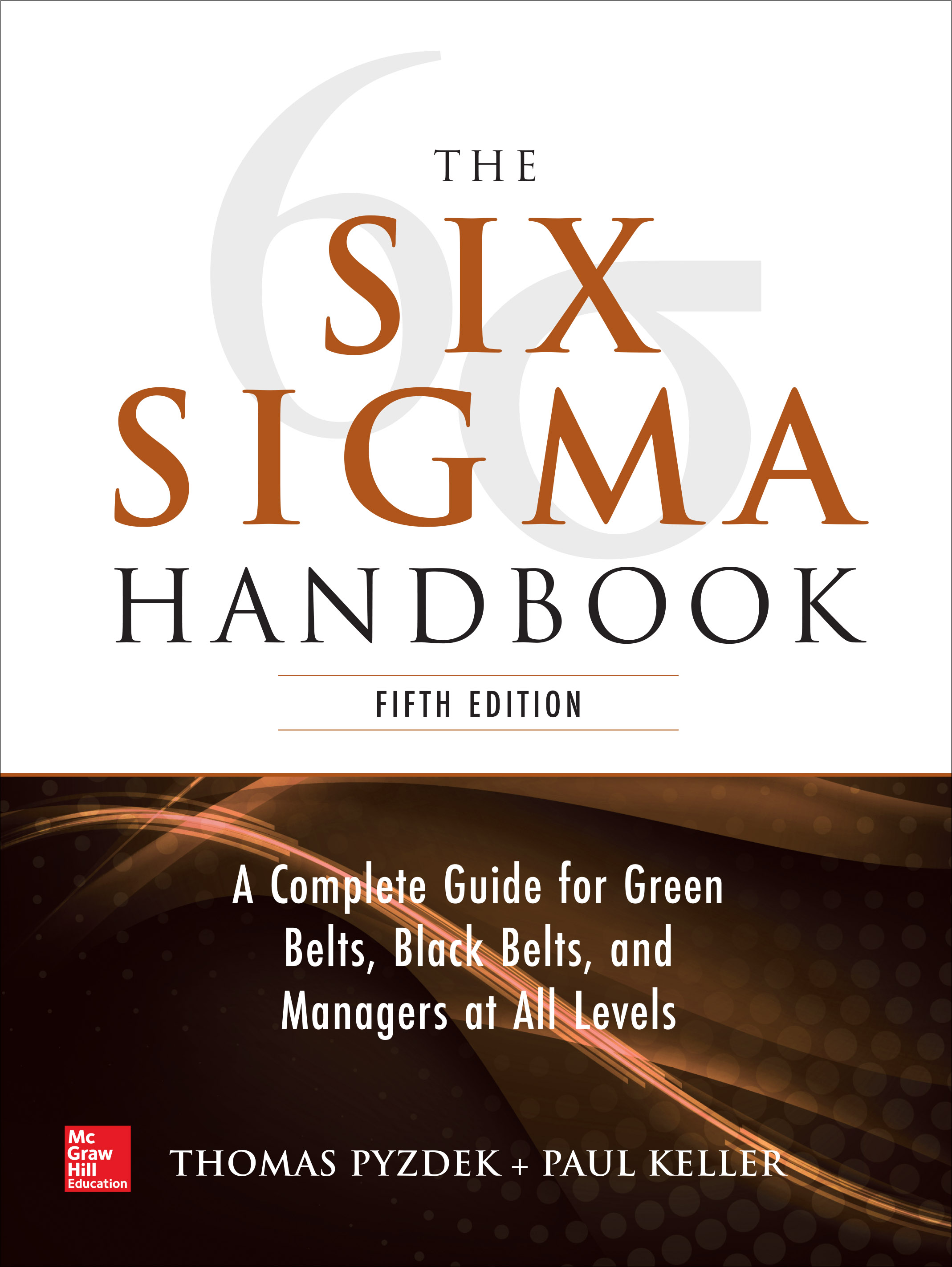
The Six Sigma Handbook, 5E The most important reference to Lean Six Sigma―fully updated for the latest advances This thoroughly revised, industry standard guide delivers all the information you need to apply Lean Six Sigma techniques and dramatically improve processes, profitability, sustainability, and long-term growth. Written by two of the foremost authorities in the field, the book contains full explanations of the latest lean, problem solving and change management principles and methods. You will discover how to build the best teams and foster effective leadership while maximizing customer satisfaction and boosting profits. The book includes coverage of the recently released Minitab 18. The Six Sigma Handbook, Fifth Edition covers: • Building the responsive Six Sigma organization • Recognizing and capitalizing on opportunity • Data-driven management • Maximizing resources • Project management using DMAIC and DMADV • The define phase • The measure phase • Process behavior charts • Measurement systems evaluation • The analyze phase • The improve/design phase • The control/verify phase TECHNOLOGY & ENGINEERING,Industrial Engineering
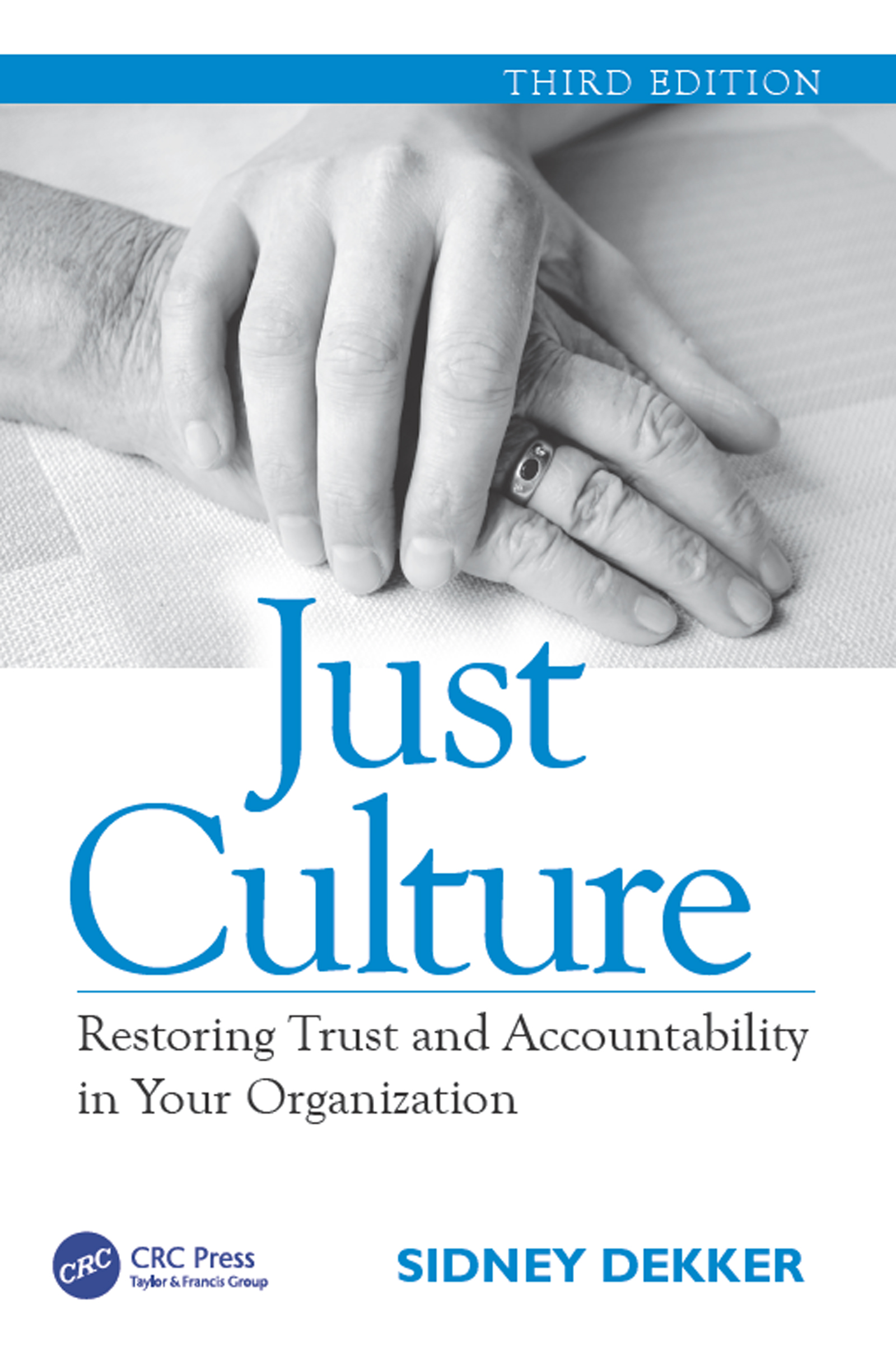
Just Culture A just culture is a culture of trust, learning and accountability. It is particularly important when an incident has occurred; when something has gone wrong. How do you respond to the people involved? What do you do to minimize the negative impact, and maximize learning? This third edition of Sidney Dekker’s extremely successful Just Culture offers new material on restorative justice and ideas about why your people may be breaking rules. Supported by extensive case material, you will learn about safety reporting and honest disclosure, about retributive just culture and about the criminalization of human error. Some suspect a just culture means letting people off the hook. Yet they believe they need to remain able to hold people accountable for undesirable performance. In this new edition, Dekker asks you to look at 'accountability' in different ways. One is by asking which rule was broken, who did it, whether that behavior crossed some line, and what the appropriate consequences should be. In this retributive sense, an 'account' is something you get people to pay, or settle. But who will draw that line? And is the process fair? Another way to approach accountability after an incident is to ask who was hurt. To ask what their needs are. And to explore whose obligation it is to meet those needs. People involved in causing the incident may well want to participate in meeting those needs. In this restorative sense, an 'account' is something you get people to tell, and others to listen to. Learn to look at accountability in different ways and your impact on restoring trust, learning and a sense of humanity in your organization could be enormous. TECHNOLOGY & ENGINEERING,Industrial Engineering
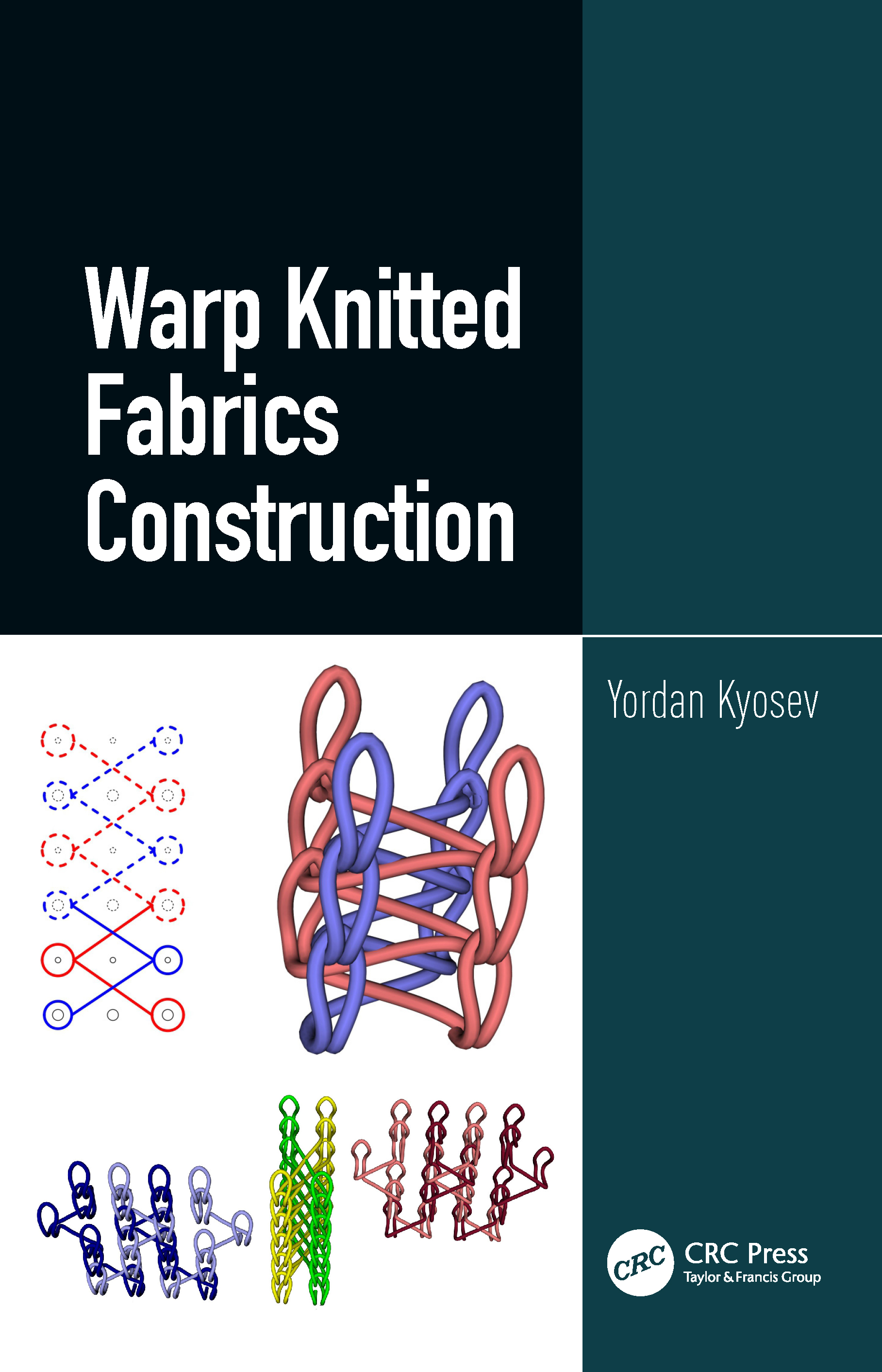
Warp Knitted Fabrics Construction The aim of this book is to provide the background of the warp knitting patterning with a large amount of simulated 3D images of the structures, corresponding to the modern available tools for this. The warp knitted structures can have very complex architectures and very limited understanding exists on how they are built. The pattern book will allow TECHNOLOGY & ENGINEERING,Industrial Engineering
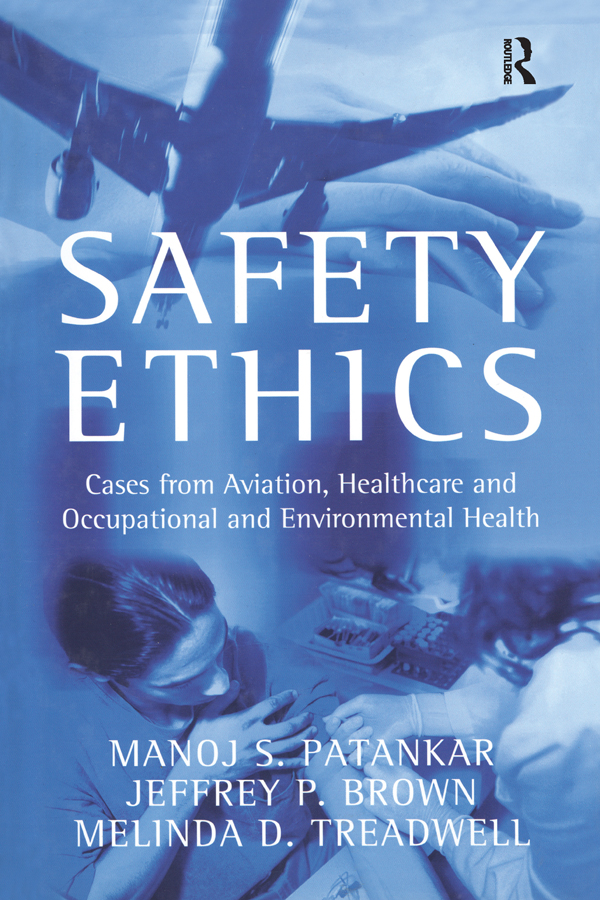
Safety Ethics Much of the previous literature in the field of safety focuses on either the technical equipment issues or the human performance factors that contribute to the active failures in safety-critical systems. However, this book provides guidance in the moral or ethical aspects of decision-making that perpetuate many of the latent failures in safety-critical systems. The book provides a concise introduction to the ethical foundations and follows up with case studies from aviation, healthcare, and environmental and occupational health. TECHNOLOGY & ENGINEERING,Industrial Engineering

Supply Chain Intelligence The book provides an introduction to logistics and supply chain management and the application of evolutionary computation, focusing on specific fields related to supply chain issues, from strategic sourcing decisions, and production planning and control to inventory to logistics and its application using evolutionary / heuristics techniques. Bridging the gap between management research, decision-making and computer analysis, this interdisciplinary book features state-of-the-art descriptions of the corresponding problems and advanced methods for solving them. TECHNOLOGY & ENGINEERING,Industrial Engineering
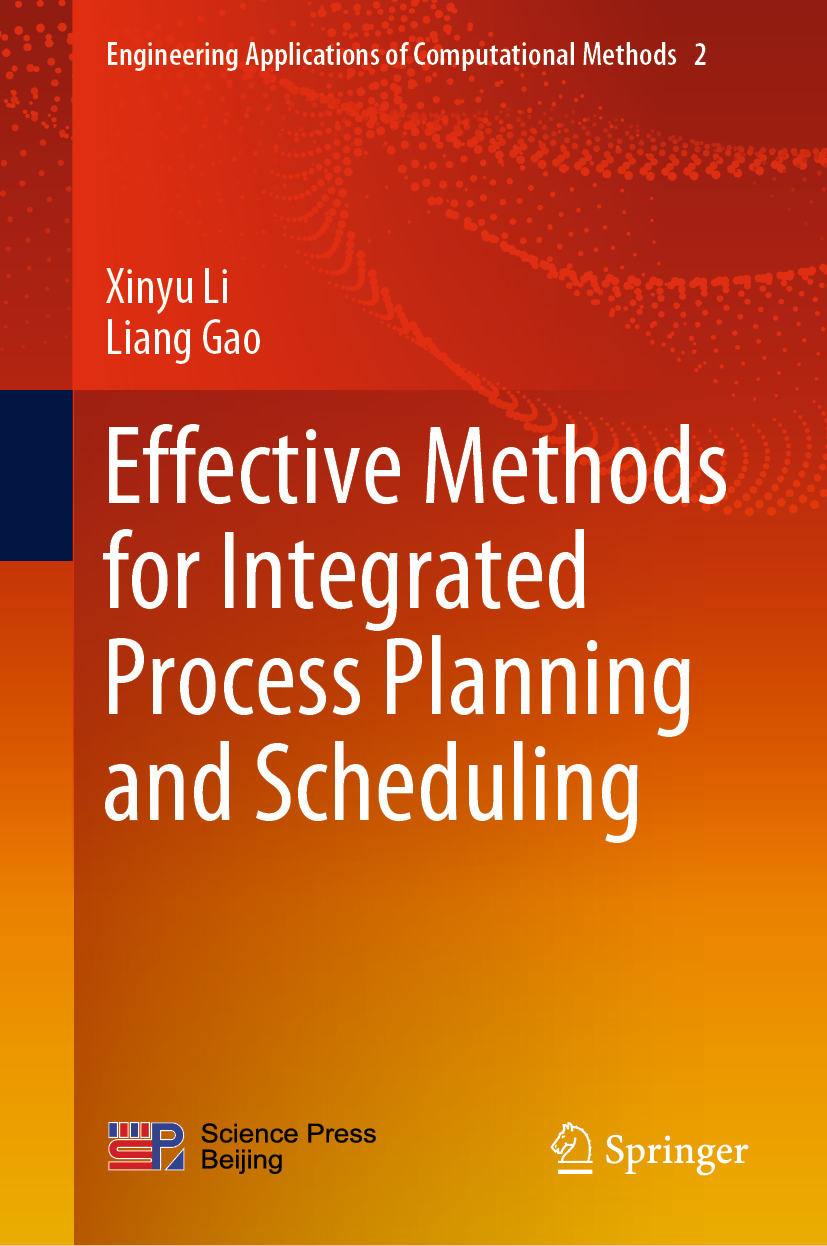
Effective Methods for Integrated Process Planning and Scheduling This book summarizes a series of research work on integrated process planning and scheduling (IPPS) done by the authors, focusing on discussing the properties, novel solution methods and applications of process planning, scheduling and IPPS problems under different machining environments. It is a valuable reference resource for teachers, students and researchers working in the fields of engineering, management science and other related disciplines. TECHNOLOGY & ENGINEERING,Industrial Engineering
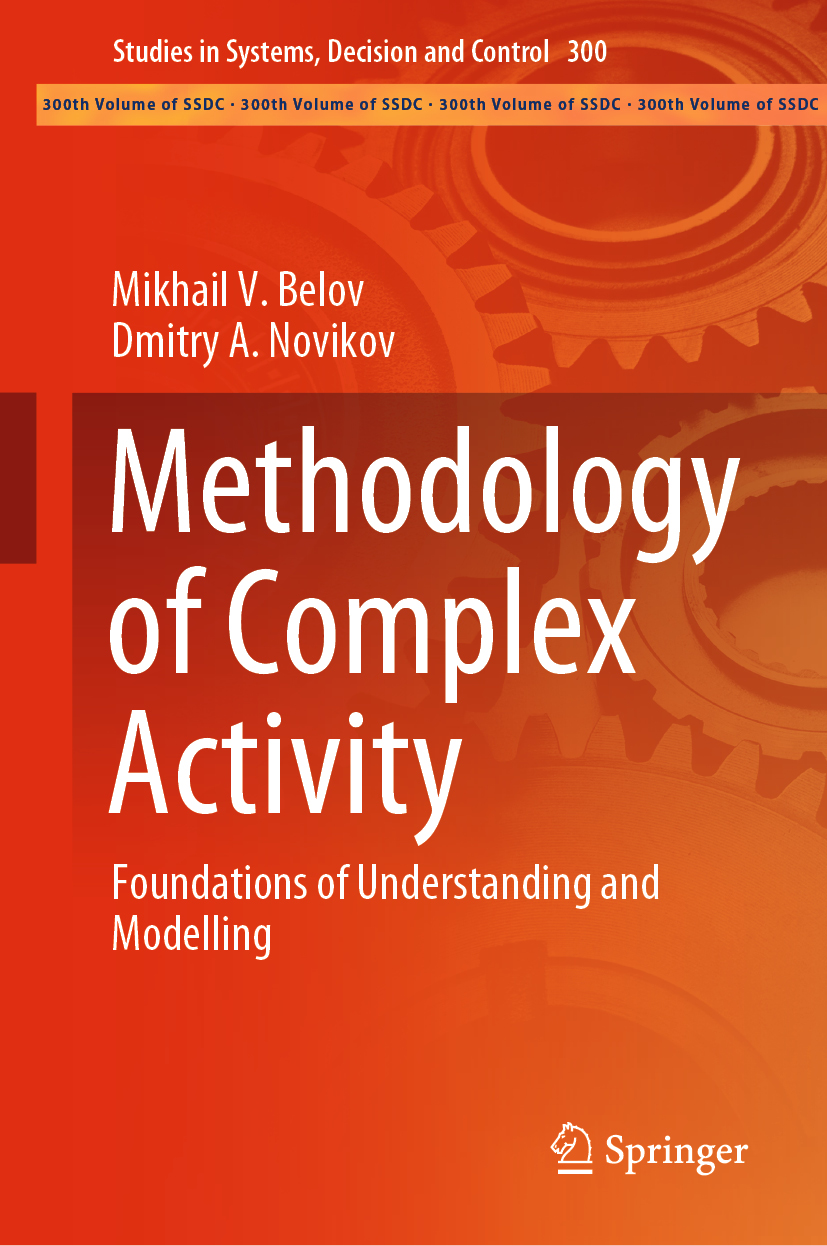
Methodology of Complex Activity This book develops and describes a general methodology that can be applied to any complex human activity (activity with a non-trivial, multi-level internal structure). The structural components of complex activities are considered, and their logical, cause-and-effect, and process structures are functionally described. Considerable attention is paid to organization and management, uncertainties, and the lifecycles of activities, as well as the actors, subject matter, resources, knowledge, and methods involved. Several typical examples are used throughout the text to illustrate the implementation of common approaches involving the functioning of work groups, organizational units, projects, and organizations in general: a retail bank, an aircraft manufacturer, a fire department, and a nuclear power plant. In addition, the book employs a system of connected technical models, in order to ensure that the results are of practical applicability for both experts on the ground and scholars engaged in research on the general principles of how activities (practical, scientific, etc.) are organized or on the management of socio-technical systems. TECHNOLOGY & ENGINEERING,Industrial Engineering
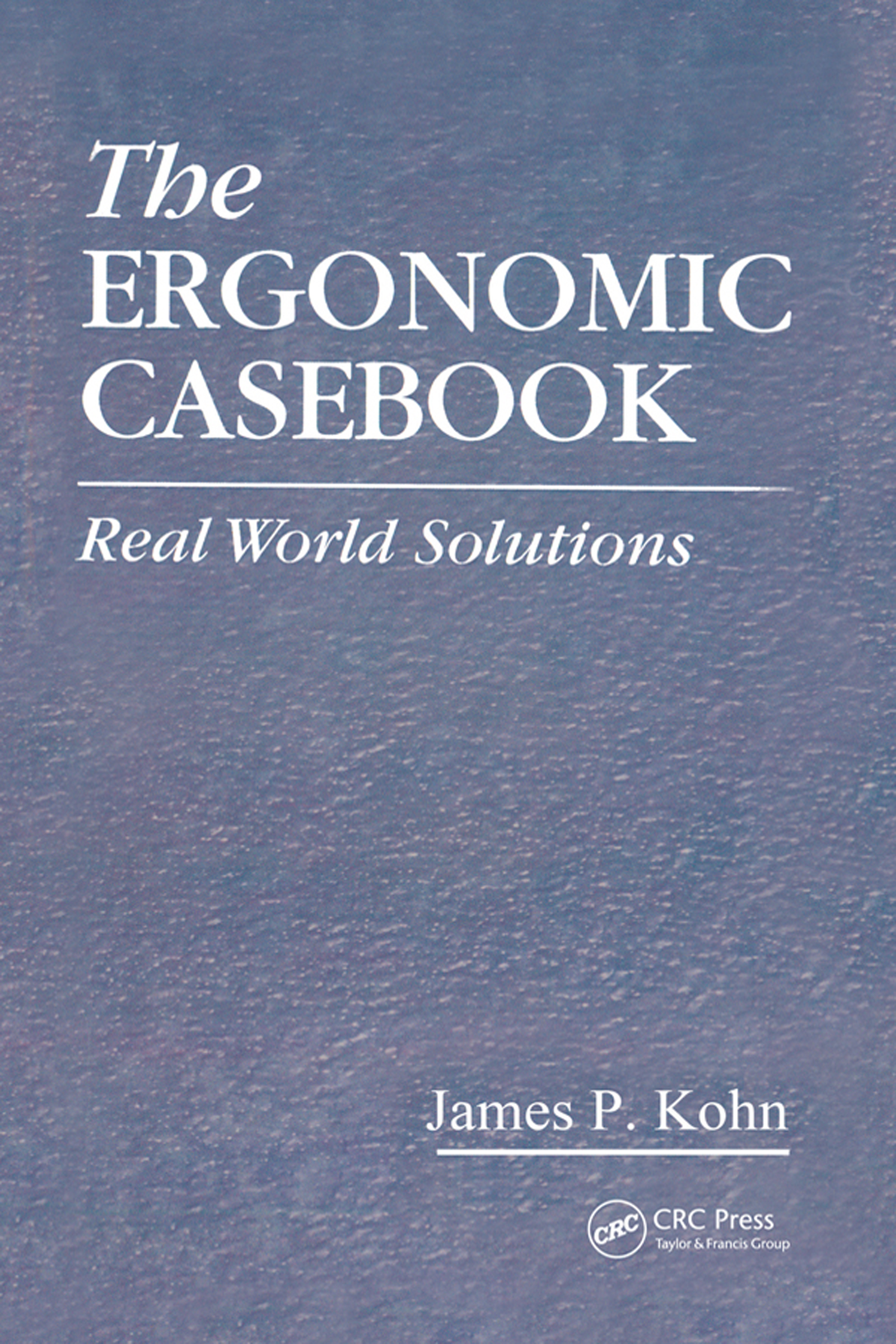
The Ergonomic Casebook One of the greatest challenges in the occupational health and safety profession is the application of theory to actual workplace practice. The difference between how the workplace should be ideally designed and the limitations that occur in pre-existing facilities are often difficult to overcome. With examples from the service industry, heavy industry, agriculture, and the office, this text bridges these gaps between theory and practice by using case studies to illustrate sound ergonomic practices.The Ergonomic Casebook is a resource that professionals and students can use as a guide for solutions to real-world ergonomic problems. Working examples from ergonomic programs in a variety of industries are included. Case studies describe methods for identifying ergonomic problems, and specific causes are reported. Recommended strategies for the elimination of identified stressors are indicated. Implemented strategies and evaluated results are discussed and explained. Applications of this book are endless. Whether you are a health and safety professional with limited expertise in ergonomics or a student taking a health and safety course, you will gain extensive insight into ergonomic problem solving as a result of the case studies presented in The Ergonomic Casebook. TECHNOLOGY & ENGINEERING,Industrial Engineering
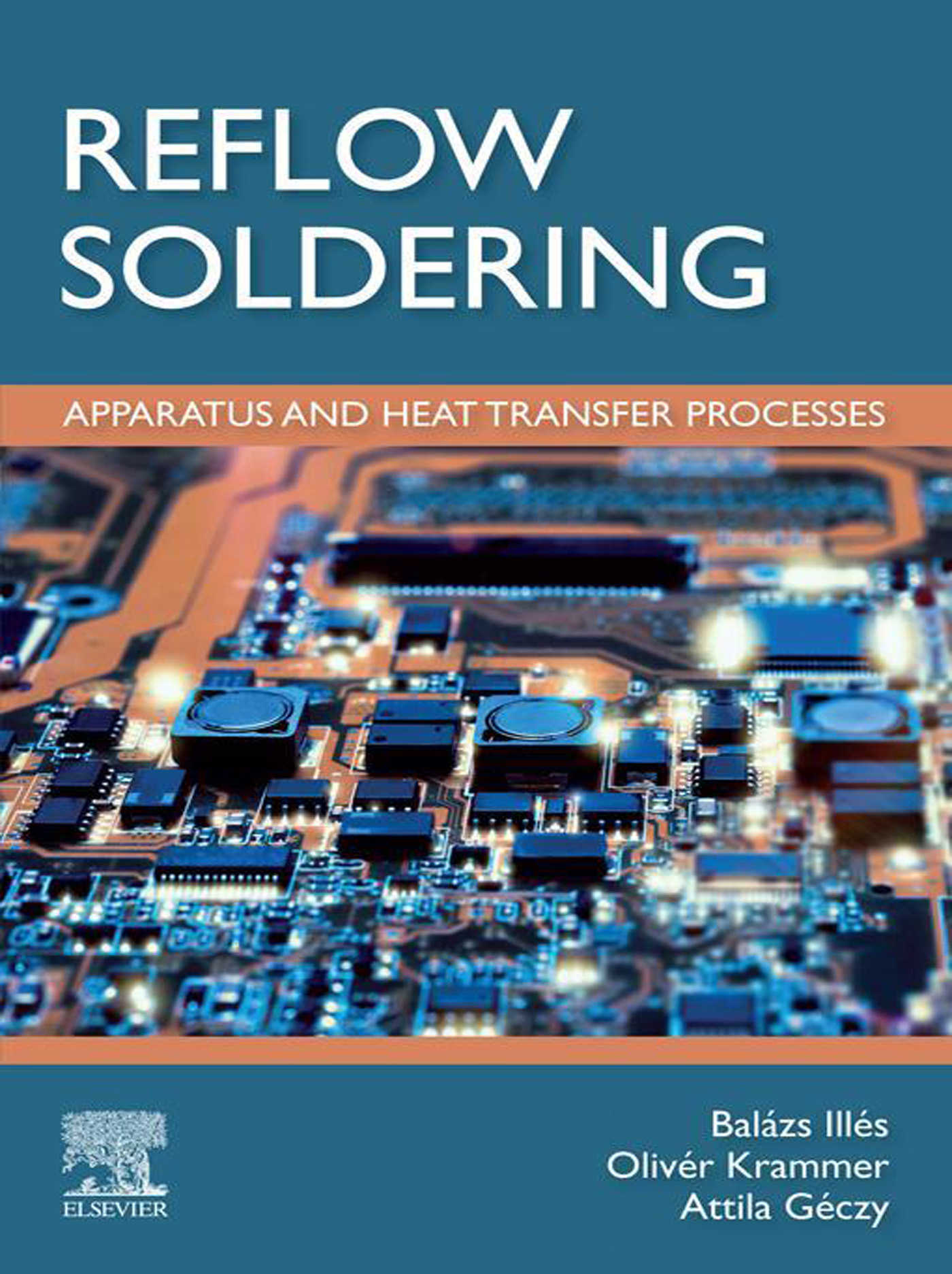
Reflow Soldering Reflow Soldering: Apparatus and Heat Transfer Processes investigates the technology of reflow soldering from the aspect of the soldering ovens and apparatus. The authors begin by introducing the concept of surface mount technology. This is followed by three chapters exploring: Infrared ovens, convection ovens, Vapor Phase Soldering (VPS), and special reflow ovens. Each of these chapters includes a discussion of the physical background, structure and working principle, and characterization of the heating, flow and vapor parameters; and concludes with a review of the application of the techniques and typical solder failures. The book concludes with a discussion of the various numerical simulations of the different ovens. This book will be useful for researchers and process and quality and research and design engineers within the electronics and manufacturing industries. Provides an overview and comparison of the existing reflow apparatus, heating methods, and working principles Analyses and compares the different reflow ovens Discusses useful tools such as characterization and measurement methods and includes numerical case studies to assist in solving soldering problems and improve soldering quality Introduces Vapor Phase Soldering (VPS) technology TECHNOLOGY & ENGINEERING,Industrial Engineering
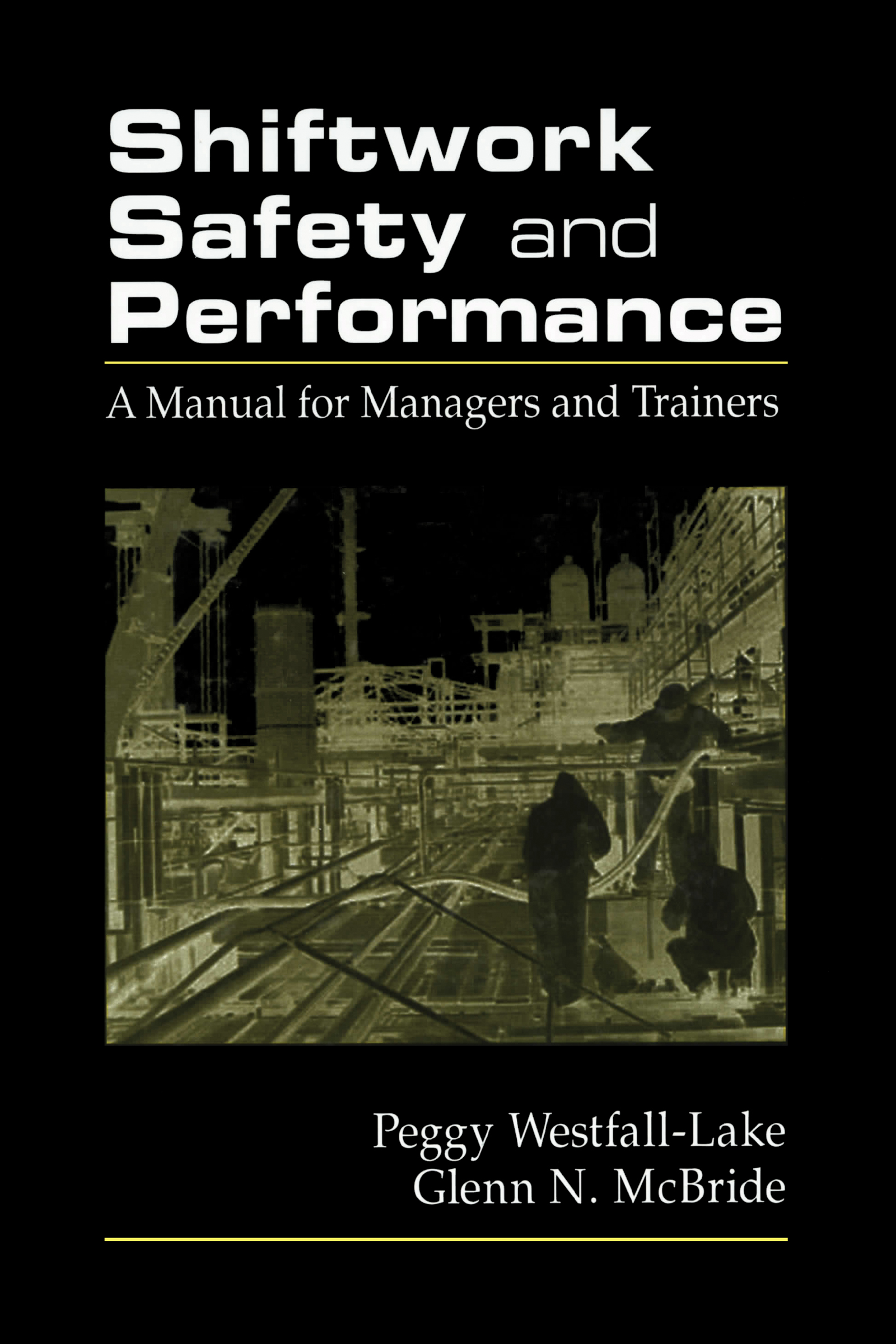
Shiftwork Safety and Performance As more employees work non-routine hours, often in critical safety and security positions, recognizing and reducing stress and the human error it causes is more important than ever. Performance problems caused by unconventional work schedules and resulting fatigue are a significant cause of industrial accidents, lost productivity, and high medical costs. Shiftwork Safety and Performance offers practical solutions to managing fitness and health, improving alertness and sleep quality, and maintaining a social life while performing shiftwork. The author, an experienced safety consultant and trainer who has studied shiftwork around the country, explains the often disastrous consequences of inadequate alertness, and offers ways to improve morale and reduce accidents. If you supervise or train shiftworkers, this book will help you identify opportunities to improve workplace and worker safety.This easy-to-read, practical manual introduces scheduling strategies to improve alertness, enhance the quality of time away from work, and assist crew communications. It is the first and only complete guide on the complex subject of shiftwork and human performance, and the first book addressing the serious subject of shiftworker burnout. TECHNOLOGY & ENGINEERING,Industrial Engineering
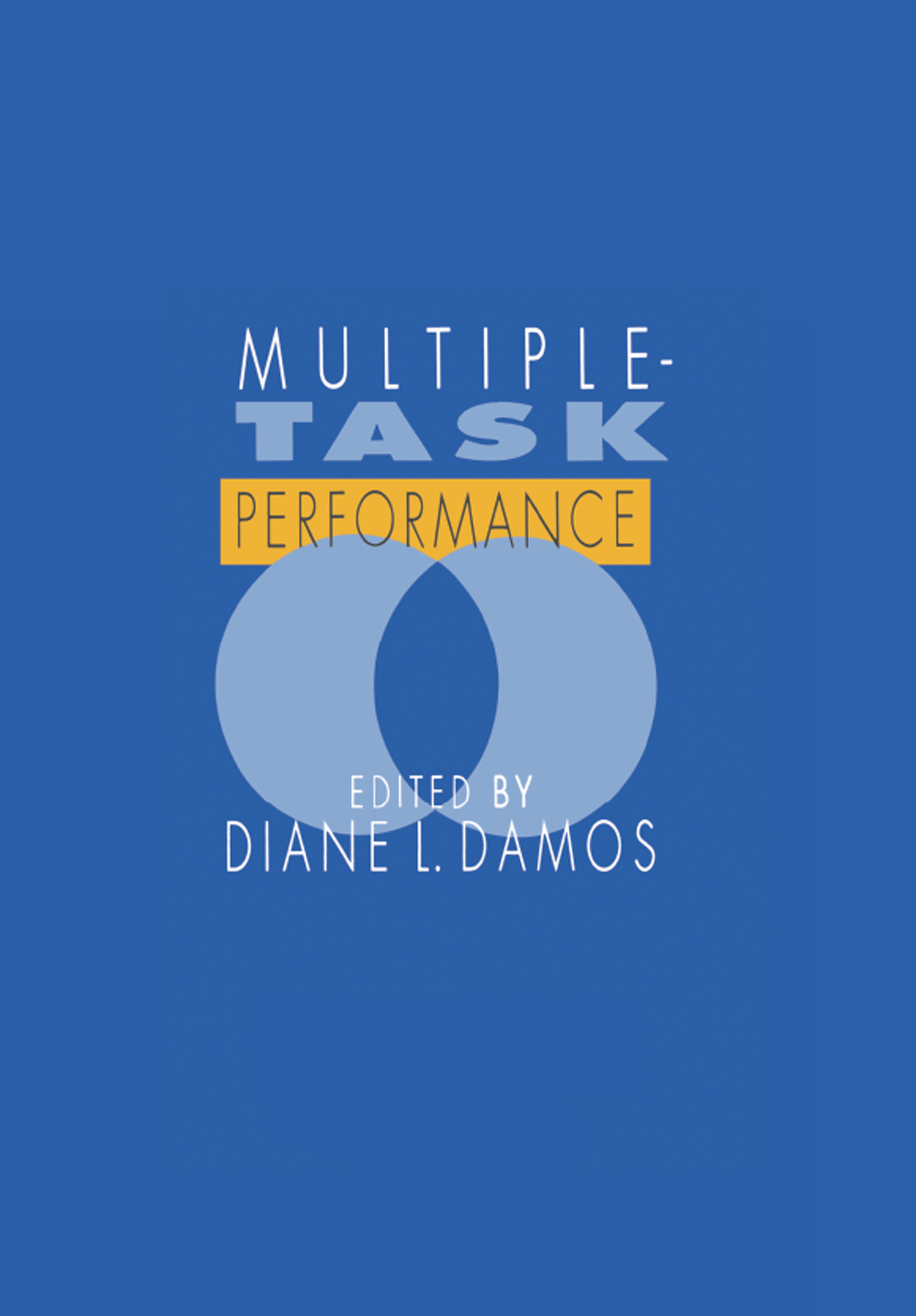
Multiple Task Performance This book deals with theories of multiple-task performance and focuses on learning and performance. It is primarily for professionals in human factors, psychology, or engineering who are interested in multiple-task performance but have no formal training in the area. TECHNOLOGY & ENGINEERING,Industrial Engineering
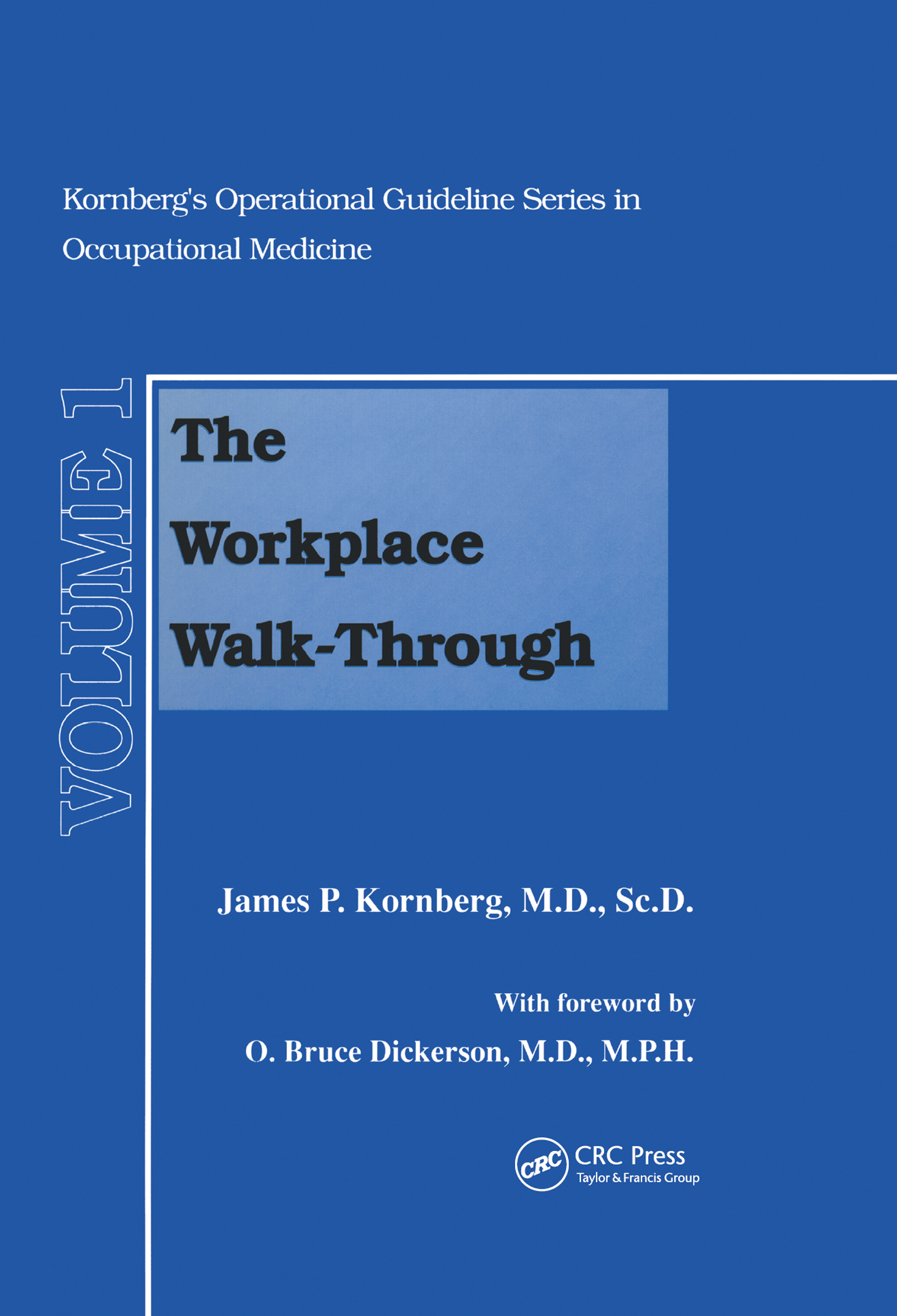
The Workplace Walk-Through The Workplace Walk-Through is the first volume in a series dedicated to providing physicians with more advanced tools for performing not only the routine tasks involved in occupational medicine, but also the most unusual and challenging assignments. TECHNOLOGY & ENGINEERING,Industrial Engineering
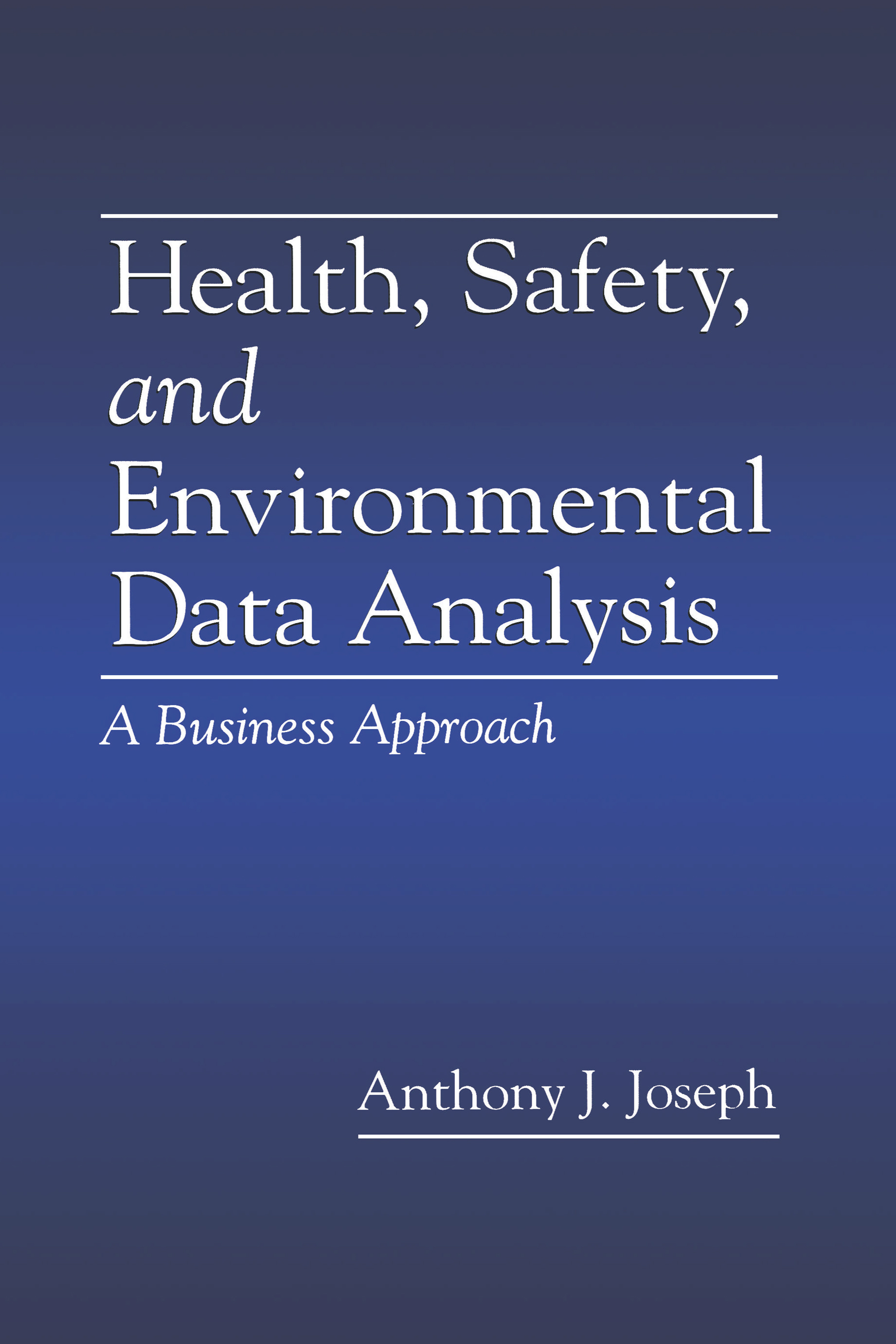
Health, Safety, and Environmental Data Analysis Professionals in environmental health and safety (EHS) management use statistics every day in making decisions. This book was created to provide the quantitative tools and techniques necessary to make important EHS assessments. Readers need not be statistically or mathematically inclined to make the most of this book-mathematical derivations are kept to a minimum and subjects are approached in a simple and factual manner, complemented with plenty of real-world examples. Chapters 1-3 cover knowledge of basic statistical concepts such as presentation of data, measurements of location and dispersion, and elementary probability and distributions. Data gathering and analysis topics including sampling methods, sampling theory, testing, and interference as well as skills for critically evaluating published numerical material is presented in Chapters 4-6. Chapters 7-11 discuss information generation topics-regression and correlation analysis, time series, linear programming, network and Gnatt charting, and decision analysis-tools that can be used to convert data into meaningful information. Chapter 12 features six examples of projects made successful through statistical approaches being applied. Readers can use these approaches to solve their own unique problems.Whether you are a EHS professional, manager, or student, Health, Safety, and Environmental Data Analysis: A Business Approach will help you communicate statistical data effectively. TECHNOLOGY & ENGINEERING,Industrial Engineering
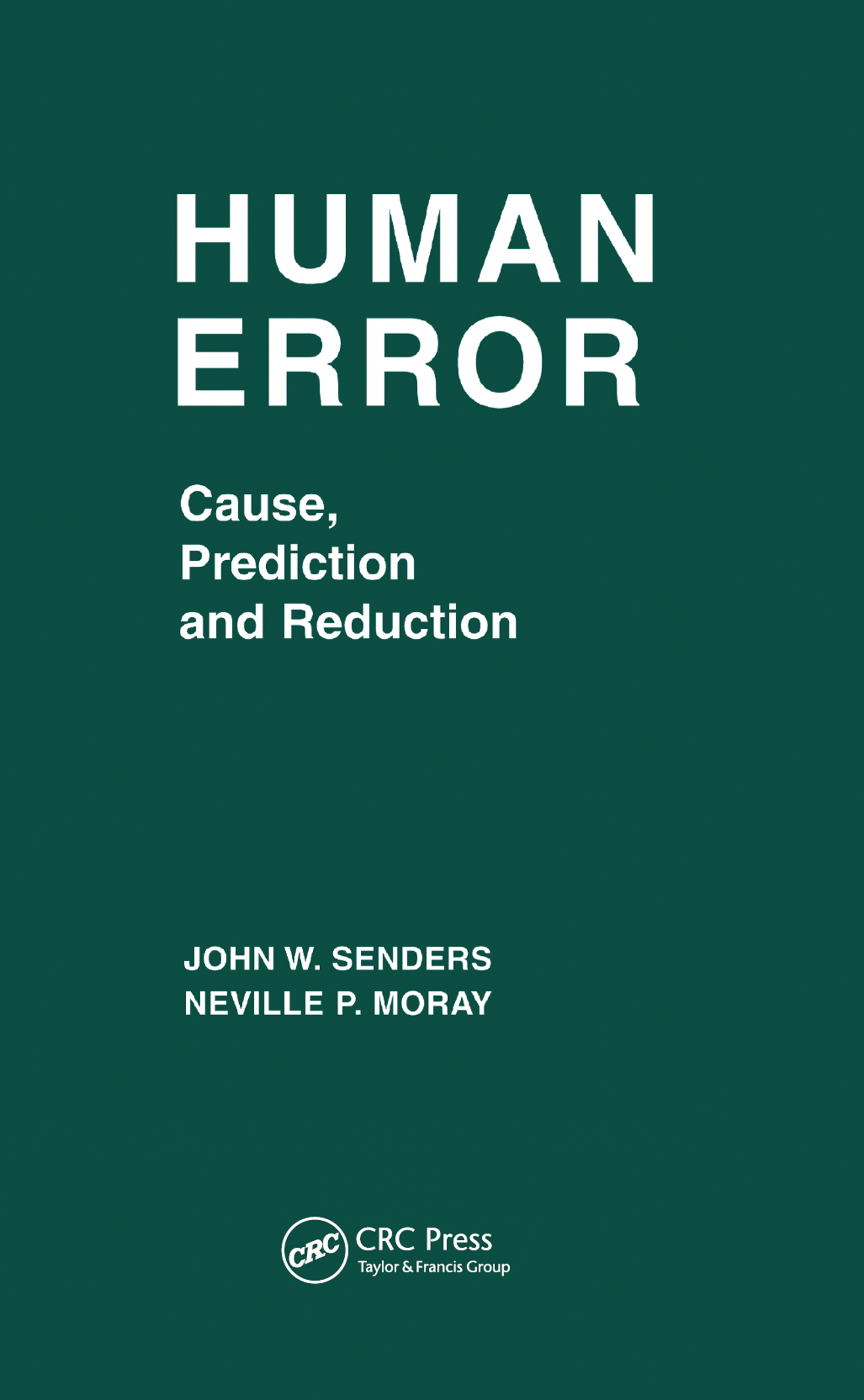
Human Error This volume examines the nature of human error -- its causes and origins, its classifications, and the extent to which it is possible to predict and prevent errors and their impact. One of the first texts to deal with this topic in detail, it draws into a single cohesive account contributions from experts in a range of disciplines including psychology, philosophy, and engineering. Offering an insightful discussion of fundamental and necessary questions about the nature and source of human error, the book draws significant conclusions and identifies areas worthy of further exploration. This volume will be of interest to all who are concerned with the impact human error has on both the individual and society. TECHNOLOGY & ENGINEERING,Industrial Engineering
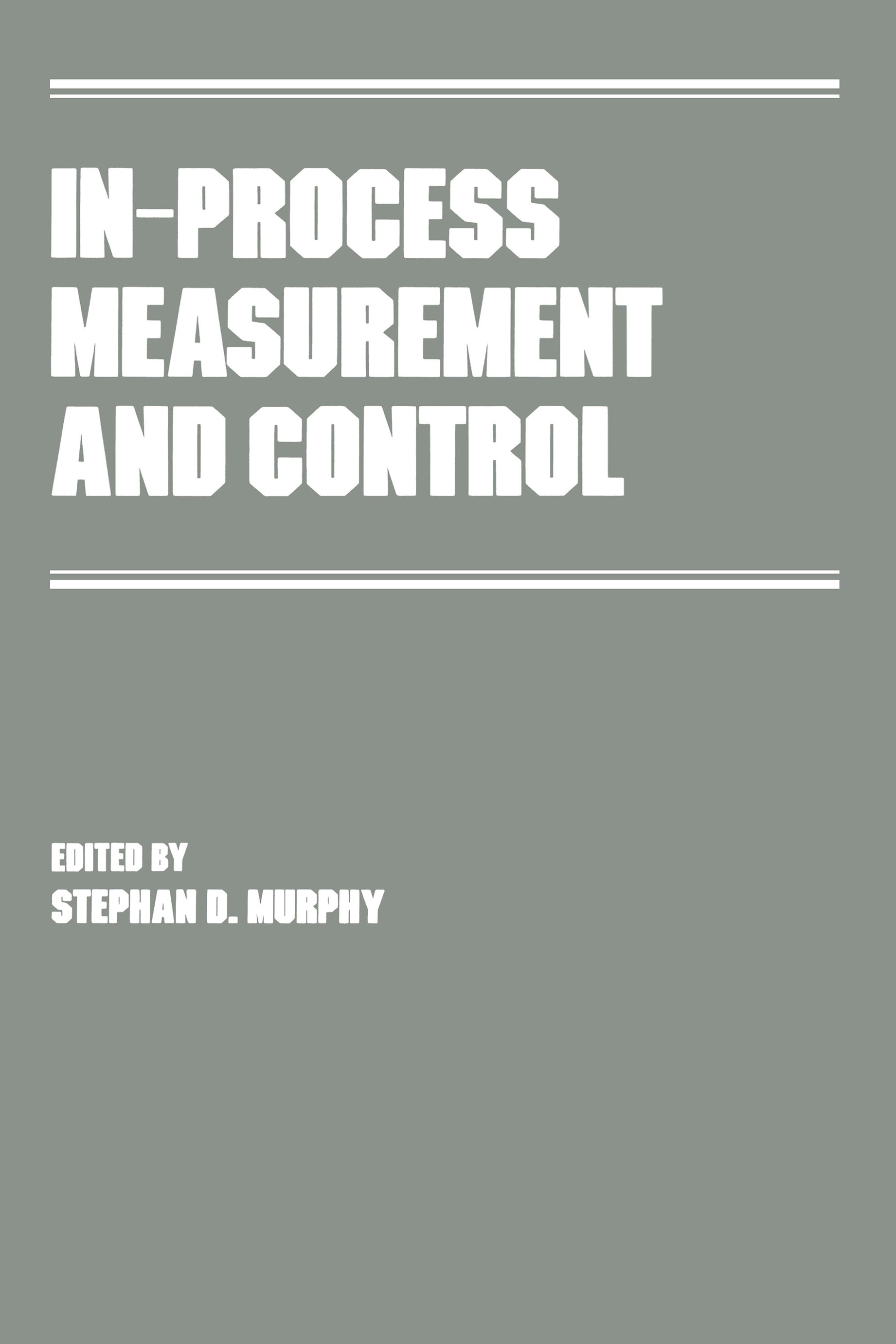
In-Process Measurement and Control This book attempts to encompass in-process measurement and control holistically as opposed to dealing with the bits and pieces. It discusses various types of sensors and strategies for using the data derived from the sensors in a closed-loop feedback arrangement. TECHNOLOGY & ENGINEERING,Industrial Engineering
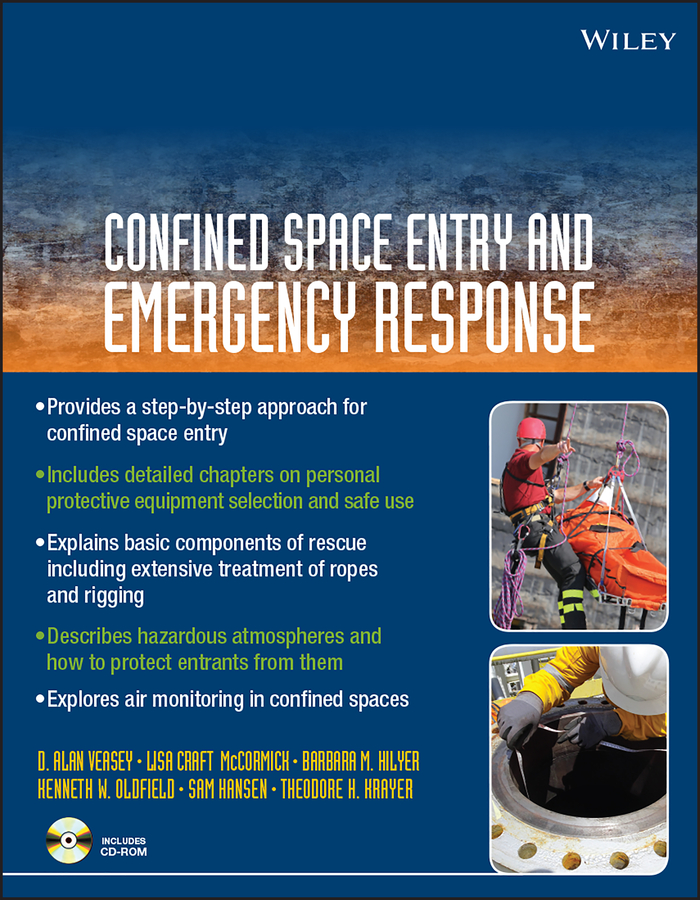
Confined Space Entry and Emergency Response EVERY SECOND COUNTS WHEN YOU'RE RESPONDING TO AN EMERGENCY INVOLVINGCONFINED SPACE-HERE'S THE DEFINITIVE GUIDE TO PERFORMING FLAWLESS RESCUES! Confined Space Entry and Emergency Response utilizes a realistic, scenario-based approach to teach you-and your staff-the right way to respond to an incident involving a confined space. The authors provide intensive, step-by-step guidance through the challenging maze of training regulations, equipment needs, and procedures to keep your response team finely tuned and ready to go under any conditions. You'll find expert, detailed coverage of complex-and often confusing-topics such as: * The basic components of rescue * OSHA's regulations for confined space entry and rescue * Confined space entry permitting * Assessing confined space hazards * Hazardous atmospheres and how to protect entrants from them * Air monitoring in confined spaces * Selection and use of personal protective equipment * The use of ropes and rigging The CD-ROM includes the Instructor's Guide along with lesson plans and useful practice tools such as worksheets, exercise handouts, performance checklists, diagrams and equipment lists for field exercises, instructions for building field training simulators, and guidelines for identifying rescue trainers and evaluating their competency as well as that of outside rescue teams. Everything you need to effectively train those working in a confined space can truly be found within these pages and on the CD-ROM. TECHNOLOGY & ENGINEERING,Industrial Health & Safety

Practical Industrial Safety, Risk Assessment and Shutdown Systems This is a book for engineers that covers the hardware and software aspects of high-reliability safety systems, safety instrumentation and shutdown systems as well as risk assessment techniques and the wider spectrum of industrial safety. Rather than another book on the discipline of safety engineering, this is a thoroughly practical guide to the procedures and technology of safety in control and plant engineering. This highly practical book focuses on efficiently implementing and assessing hazard studies, designing and applying international safety practices and techniques, and ensuring high reliability in the safety and emergency shutdown of systems in your plant. This book will provide the reader with the most up-to-date standards for and information on each stage of the safety life cycle from the initial evaluation of hazards through to the detailed engineering and maintenance of safety instrumented systems. It will help them develop the ability to plan hazard and risk assessment studies, then design and implement and operate the safety systems and maintain and evaluate them to ensure high reliability. Finally it will give the reader the knowledge to help prevent the massive devastation and destruction that can be caused by today's highly technical computer controlled industrial environments. * Helps readers develop the ability to plan hazard and risk assessment studies, then design, implement and operate the safety systems and maintain and evaluate them to ensure high reliability* Gives the reader the knowledge to help prevent the massive devastation that can be caused by today's highly technical computer controlled industrial environments* Rather than another book on the discipline of safety engineering, this is a thoroughly practical guide to the procedures and technology of safety in control and plant engineering TECHNOLOGY & ENGINEERING,Industrial Health & Safety
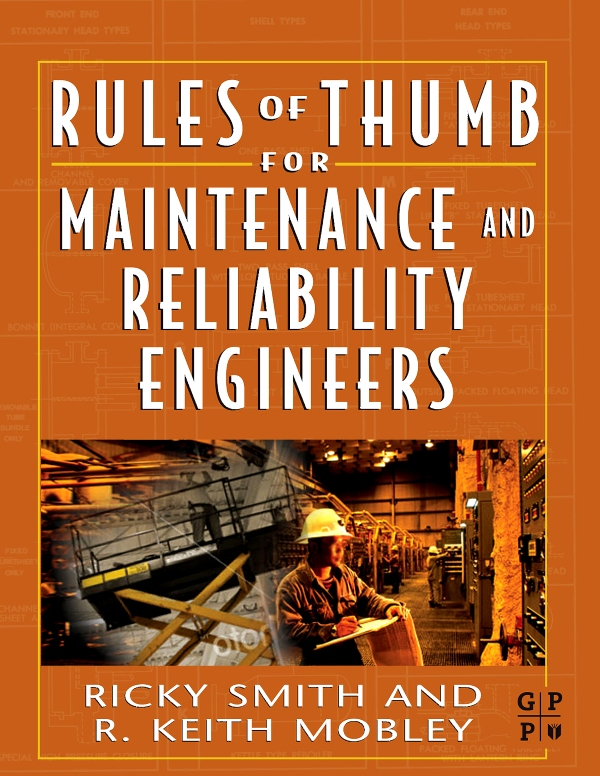
Rules of Thumb for Maintenance and Reliability Engineers Rules of Thumb for Maintenance and Reliability Engineers will give the engineer the “have to have information. It will help instill knowledge on a daily basis, to do his or her job and to maintain and assure reliable equipment to help reduce costs. This book will be an easy reference for engineers and managers needing immediate solutions to everyday problems. Most civil, mechanical, and electrical engineers will face issues relating to maintenance and reliability, at some point in their jobs. This will become their “go to book. Not an oversized handbook or a theoretical treatise, but a handy collection of graphs, charts, calculations, tables, curves, and explanations, basic “rules of thumb that any engineer working with equipment will need for basic maintenance and reliability of that equipment. • Access to quick information which will help in day to day and long term engineering solutions in reliability and maintenance • Listing of short articles to help assist engineers in resolving problems they face • Written by two of the top experts in the country TECHNOLOGY & ENGINEERING,Industrial Health & Safety
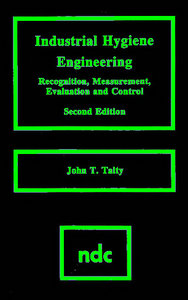
Industrial Hygiene Engineering Provides an advanced level of study of industrial hygiene engineering situations with emphasis on the control of exposure to occupational health hazards. Primary attention is given to ventilation, noise and vibration control, heat stress and industrial illumination. Other topics include industrial water quality, solid waste control, handling and storage of hazardous materials, personal protective equipment, and costs of industrial hygiene control. TECHNOLOGY & ENGINEERING,Industrial Health & Safety
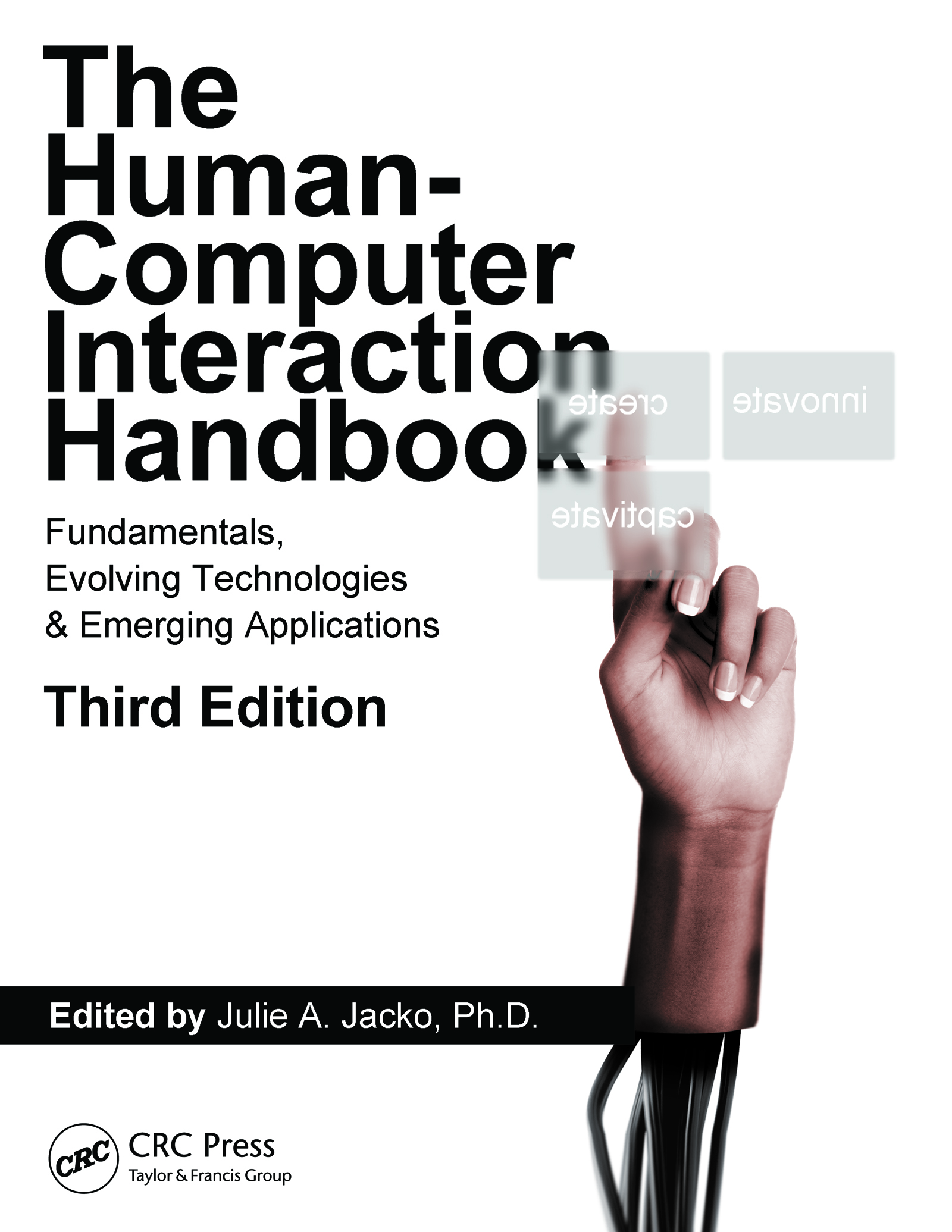
Human Computer Interaction Handbook Winner of a 2013 CHOICE Outstanding Academic Title Award The third edition of a groundbreaking reference, The Human-Computer Interaction Handbook: Fundamentals, Evolving Technologies, and Emerging Applications raises the bar for handbooks in this field. It is the largest, most complete compilation of HCI theories, principles, advances, case st TECHNOLOGY & ENGINEERING,Industrial Health & Safety
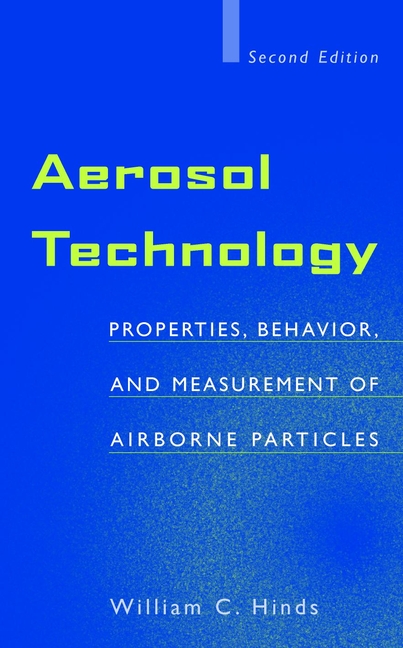
Aerosol Technology The #1 guide to aerosol science and technology -now better than ever Since 1982, Aerosol Technology has been the text of choice among students and professionals who need to acquire a thorough working knowledge of modern aerosol theory and applications. Now revised to reflect the considerable advances that have been made over the past seventeen years across a broad spectrum of aerosol-related application areas - from occupational hygiene and biomedical technology to microelectronics and pollution control -this new edition includes: * A chapter on bioaerosols * New sections on resuspension, transport losses, respiratory deposition models, and fractal characterization of particles * Expanded coverage of atmospheric aerosols, including background aerosols and urban aerosols * A section on the impact of aerosols on global warming and ozone depletion. Aerosol Technology, Second Edition also features dozens of new, fully worked examples drawn from a wide range of industrial and research settings, plus new chapter-end practice problems to help readers master the material quickly. TECHNOLOGY & ENGINEERING,Industrial Health & Safety
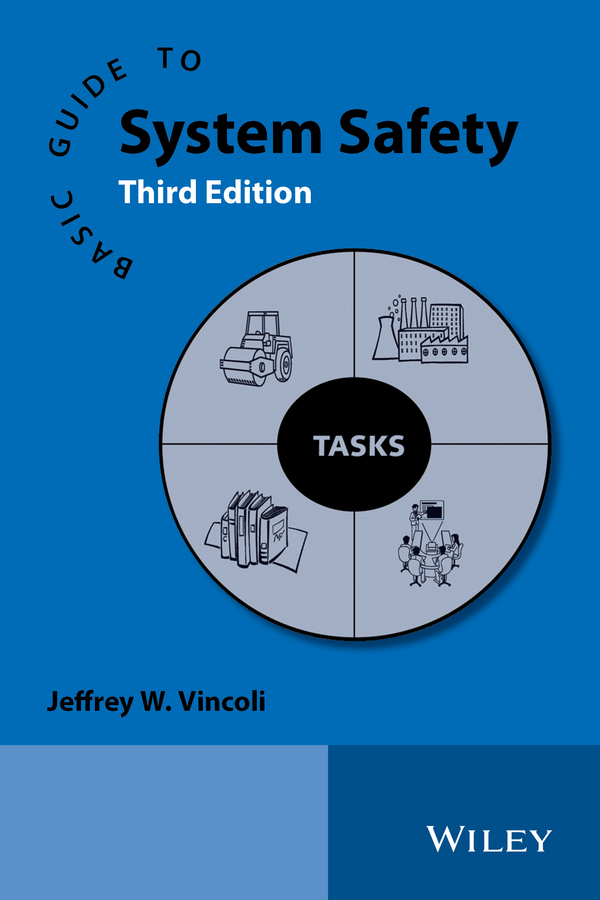
Basic Guide to System Safety This book provides guidance on including prevention through design concepts within an occupational safety and health management system. Through the application of these concepts, decisions pertaining to occupational hazards and risks can be incorporated into the process of design and redesign of work premises, tools, equipment, machinery, substances, and work processes including their construction, manufacture, use, maintenance, and ultimate disposal or reuse. These techniques provide guidance for a life-cycle assessment and design model that balances environmental and occupational safety and health goals over the life span of a facility, process, or product. The new edition is expanded to include primer information on the use of safety assurance techniques in design and construction. TECHNOLOGY & ENGINEERING,Industrial Health & Safety

Fire Safety and Risk Management This textbook is directly aligned to the NEBOSH National Certificate in Fire Safety and Risk Management, with each element of the syllabus explained in detail. Each chapter guides the student through the syllabus with references to legal frameworks and guidelines. Images, tables, case studies and key information are highlighted within the text to make learning more productive. Covering fire behaviour, safety, management, risk assessment, prevention and the changes to HSG65, the book can also be used as a daily reference by professionals. Written by experts in the field of fire safety Complete coverage that goes beyond the syllabus content making it a useful resource after study Illustrated throughout to enhance understanding TECHNOLOGY & ENGINEERING,Industrial Health & Safety
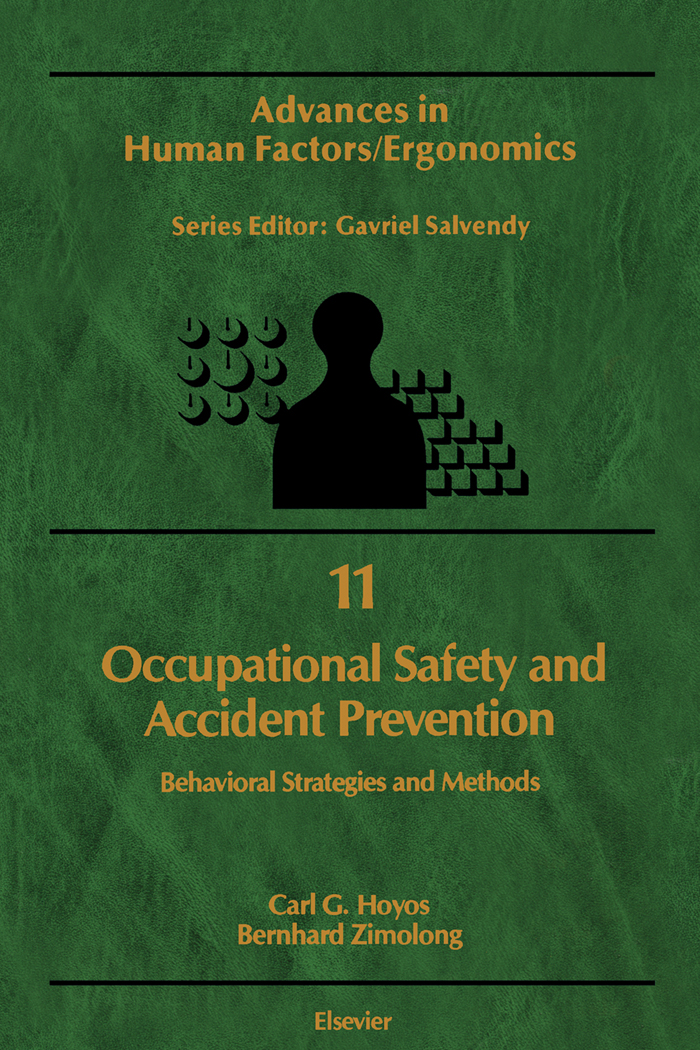
Occupational Safety and Accident Prevention Since the early 1970s there has been a considerable growth in the literature published on the topic of human reliability. However, the main emphasis has been on technical aspects of human reliability, rather than on an integrated safety approach combining safety engineering, organization and human factors. Up till now, information on the subject of occupational safety which covers human reliability as one aspect has been widely scattered in technical reviews or briefly mentioned in textbooks. This book provides a comprehensive overview on occupational safety with special emphasis on the human element. Examples of empirical studies as well as suggestions for practical measures are included to help in the understanding and application of the contents of the text. Although the prime objective of the book is to cover occupational safety from a human factors point of view, nevertheless some of the related areas are also discussed. Among others, they include problem solving in complex systems, judgmental and heuristic biases in decision making as well as characteristics of decision support systems in high risk industry. The inclusion of these topics clearly indicates the shift in attention of occupational safety from work activities on the shop floor to tasks of operators and supervisors in automated and semi-automated systems. The text will prove useful to students of psychology and human factors engineering. Additionally, it holds great utility for persons with an engineering background, such as industrial engineers, quality control engineers, system and design engineers and safety practitioners. TECHNOLOGY & ENGINEERING,Industrial Health & Safety

Practical Human Factors for Pilots Practical Human Factors for Pilots bridges the divide between human factors research and one of the key industries that this research is meant to benefit—civil aviation. Human factors are now recognized as being at the core of aviation safety and the training syllabus that flight crew trainees have to follow reflects that. This book will help student pilots pass exams in human performance and limitations, successfully undergo multi-crew cooperation training and crew resource management (CRM) training, and prepare them for assessment in non-technical skills during operator and license proficiency checks in the simulator, and during line checks when operating flights. Each chapter begins with an explanation of the relevant science behind that particular subject, along with mini-case studies that demonstrate its relevance to commercial flight operations. Of particular focus are practical tools and techniques that students can learn in order to improve their performance as well as "training tips" for the instructor. Provides practical, evidence-based guidance on issues often at the root of aircraft accidents Uses international regulatory material Includes concepts and theories that have practical relevance to flight operations Covers relevant topics in a step-by-step manner, describing how they apply to flight operations Demonstrates how human decision-making has been implicated in air accidents and equips the reader with tools to mitigate these risks Gives instructors a reliable knowledge base on which to design and deliver effective training Summarizes the current state of human factors, training, and assessment TECHNOLOGY & ENGINEERING,Industrial Health & Safety
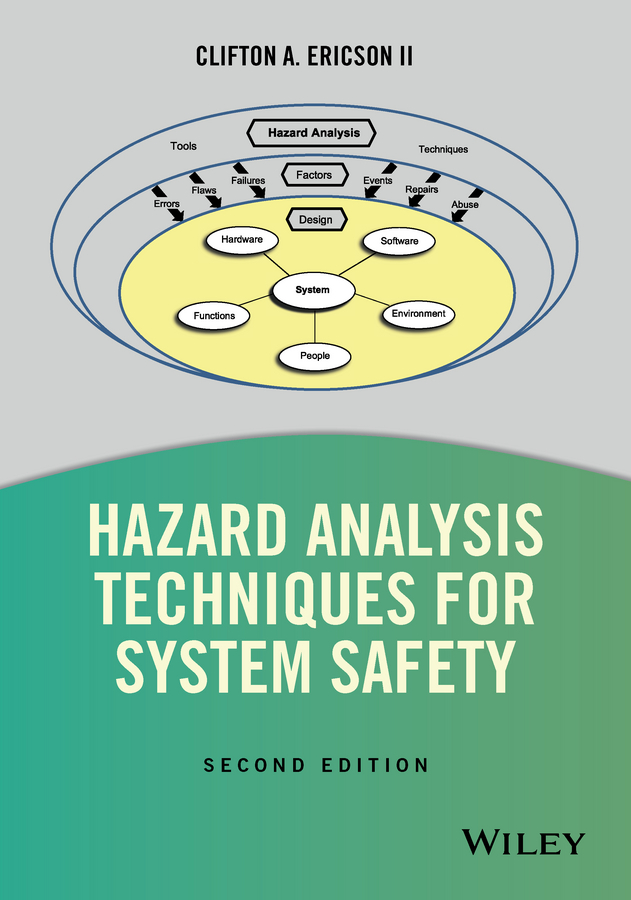
Hazard Analysis Techniques for System Safety Explains in detail how to perform the most commonly used hazard analysis techniques with numerous examples of practical applications Includes new chapters on Concepts of Hazard Recognition, Environmental Hazard Analysis, Process Hazard Analysis, Test Hazard Analysis, and Job Hazard Analysis Updated text covers introduction, theory, and detailed description of many different hazard analysis techniques and explains in detail how to perform them as well as when and why to use each technique Describes the components of a hazard and how to recognize them during an analysis Contains detailed examples that apply the methodology to everyday problems TECHNOLOGY & ENGINEERING,Industrial Health & Safety
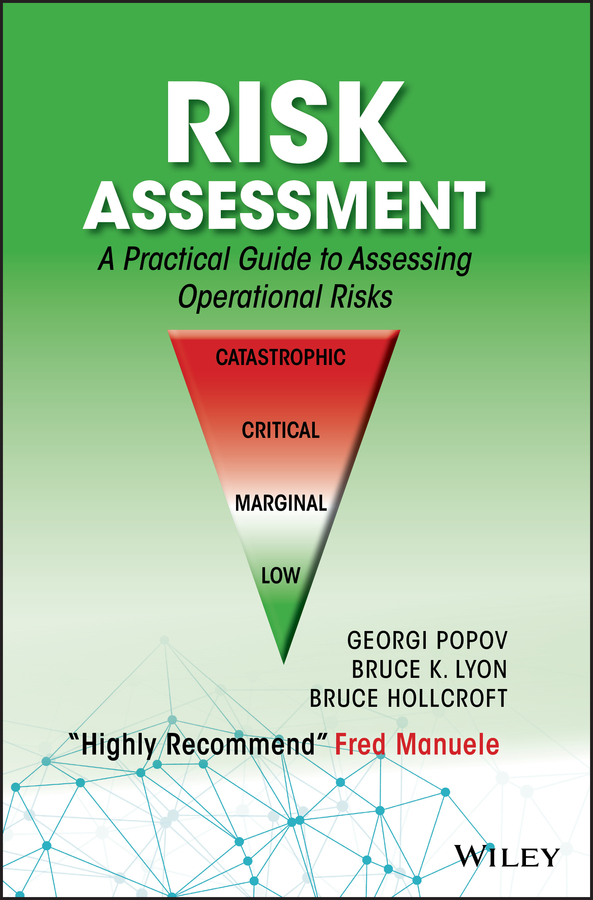
Risk Assessment Covers the fundamentals of risk assessment and emphasizes taking a practical approach in the application of the techniques Written as a primer for students and employed safety professionals covering the fundamentals of risk assessment and emphasizing a practical approach in the application of the techniques Each chapter is developed as a stand-alone essay, making it easier to cover a subject Includes interactive exercises, links, videos, and downloadable risk assessment tools Addresses criteria prescribed by the Accreditation Board for Engineering and Technology (ABET) for safety programs TECHNOLOGY & ENGINEERING,Industrial Health & Safety
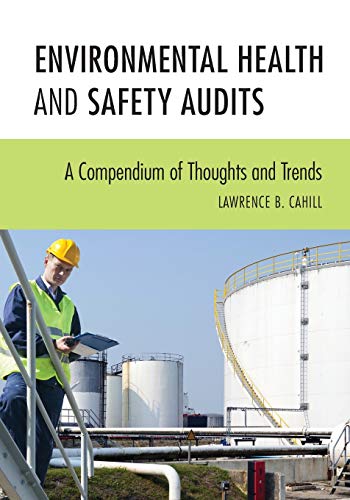
Environmental Health and Safety Audits In a companion title to the 9th edition of Environmental Health and Safety Audits, Lawrence Cahill draws from his 35 years' of experience in over 25 countries to address many issues related to environmental health and safety audits. This book provides updated text and puts forward thoughts and trends that were not or were only briefly addressed previously. The text can help the reader: • Improve the management and execution of an audit program• Make auditors more effective and versatile• Understand the special demands of auditing internationally TECHNOLOGY & ENGINEERING,Industrial Health & Safety
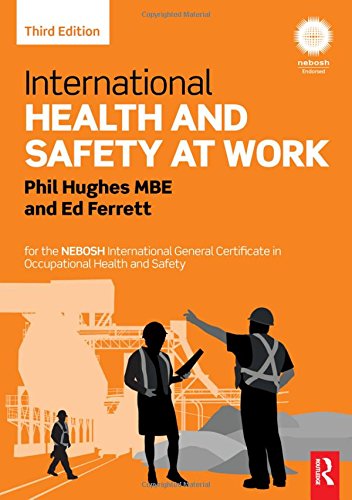
International Health and Safety at Work International Health and Safety at Work has been specially written in simple English for the thousands of students who complete the NEBOSH International General Certificate in Health and Safety each year. Fully revised in alignment with the April 2015 syllabus, this third edition provides students with all they need to tackle the course with confidence. Clear, easily accessible information is presented in full colour, with discussion of essential principles such as ILO and OSH conventions as well as legal frameworks from a range of countries. Aligned to the NEBOSH International General Certificate in Occupational Health and Safety Practice questions and answers to test knowledge and increase understanding Complete with a companion website containing extra resources for tutors and students at www.routledge.com/cw/hughes The only textbook endorsed for the NEBOSH International General Certificate in Health and Safety, International Health and Safety at Work remains the most effective tool for those working to fit international health and safety standards to local needs and practice. TECHNOLOGY & ENGINEERING,Industrial Health & Safety
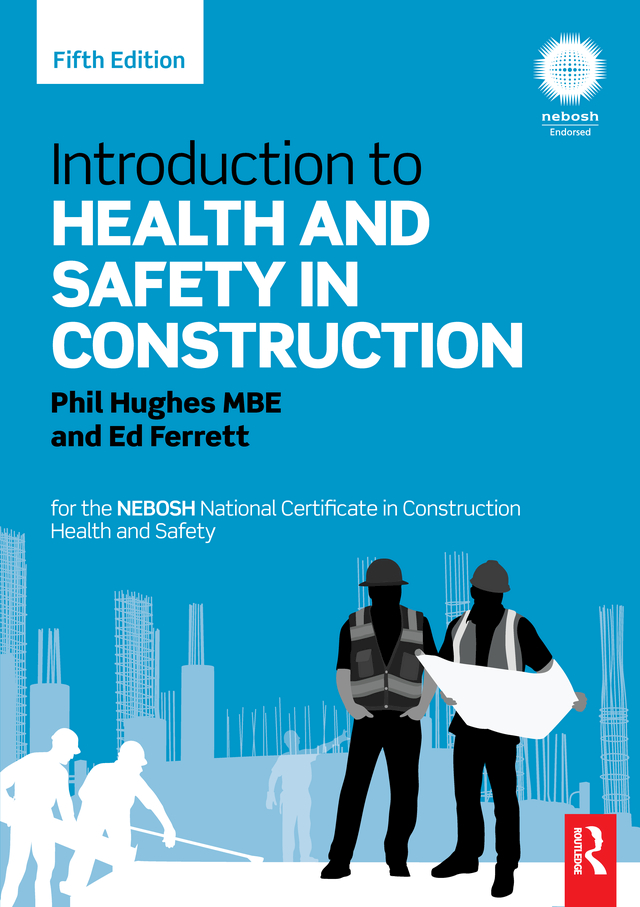
Introduction to Health and Safety in Construction Introduction to Health and Safety in Construction has been specially written for the thousands of students who complete the NEBOSH National Certificate in Construction Health and Safety each year. Fully revised in alignment with the April 2015 syllabus, the fifth edition provides students with all they need to tackle the course with confidence. The book covers all the essential elements of health and safety management in construction including the legal framework, risk assessment and control standards. Highly illustrated, with information provided in a clear, easily accessible format, it also provides checklists and record sheets to supplement learning. Aligned to the NEBOSH National Certificate in Construction Health and Safety Practice questions and answers to test knowledge and increase understanding Complete with a companion website containing extra resources for tutors and students at www.routledge.com/cw/hughes The only textbook endorsed for the NEBOSH National Certificate in Construction Health and Safety, the Introduction to Health and Safety in Construction is also suitable for construction courses in the UK and overseas and serves as a comprehensive reference for managers and professionals within the construction industry. TECHNOLOGY & ENGINEERING,Industrial Health & Safety
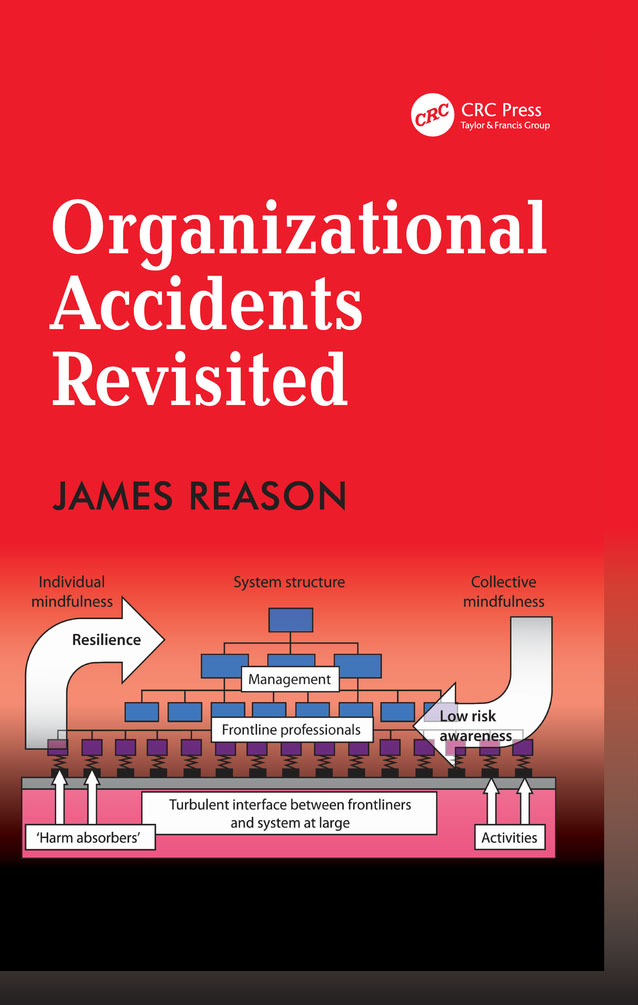
Organizational Accidents Revisited Managing the Risks of Organizational Accidents introduced the notion of an ’organizational accident’. These are rare but often calamitous events that occur in complex technological systems operating in hazardous circumstances. They stand in sharp contrast to ’individual accidents’ whose damaging consequences are limited to relatively few people or assets. Although they share some common causal factors, they mostly have quite different causal pathways. The frequency of individual accidents - usually lost-time injuries - does not predict the likelihood of an organizational accident. The book also elaborated upon the widely-cited Swiss Cheese Model. Organizational Accidents Revisited extends and develops these ideas using a standardized causal analysis of some 10 organizational accidents that have occurred in a variety of domains in the nearly 20 years that have passed since the original was published. These analyses provide the ’raw data’ for the process of drilling down into the underlying causal pathways. Many contributing latent conditions recur in a variety of domains. A number of these - organizational issues, design, procedures and so on - are examined in close detail in order to identify likely problems before they combine to penetrate the defences-in-depth. Where the 1997 book focused largely upon the systemic factors underlying organizational accidents, this complementary follow-up goes beyond this to examine what can be done to improve the ’error wisdom’ and risk awareness of those on the spot; they are often the last line of defence and so have the power to halt the accident trajectory before it can cause damage. The book concludes by advocating that system safety should require the integration of systemic factors (collective mindfulness) with individual mental skills (personal mindfulness). TECHNOLOGY & ENGINEERING,Industrial Health & Safety

Plant Hazard Analysis and Safety Instrumentation Systems Plant Hazard Analysis and Safety Instrumentation Systems is the first book to combine coverage of these two integral aspects of running a chemical processing plant. It helps engineers from various disciplines learn how various analysis techniques, international standards, and instrumentation and controls provide layers of protection for basic process control systems, and how, as a result, overall system reliability, availability, dependability, and maintainability can be increased. This step-by-step guide takes readers through the development of safety instrumented systems, also including discussions on cost impact, basics of statistics, and reliability. Swapan Basu brings more than 35 years of industrial experience to this book, using practical examples to demonstrate concepts. Basu links between the SIS requirements and process hazard analysis in order to complete SIS lifecycle implementation and covers safety analysis and realization in control systems, with up-to-date descriptions of modern concepts, such as SIL, SIS, and Fault Tolerance to name a few. In addition, the book addresses security issues that are particularly important for the programmable systems in modern plants, and discusses, at length, hazardous atmospheres and their impact on electrical enclosures and the use of IS circuits. Helps the reader identify which hazard analysis method is the most appropriate (covers ALARP, HAZOP, FMEA, LOPA) Provides tactics on how to implement standards, such as IEC 61508/61511 and ANSI/ISA 84 Presents information on how to conduct safety analysis and realization in control systems and safety instrumentation TECHNOLOGY & ENGINEERING,Industrial Health & Safety
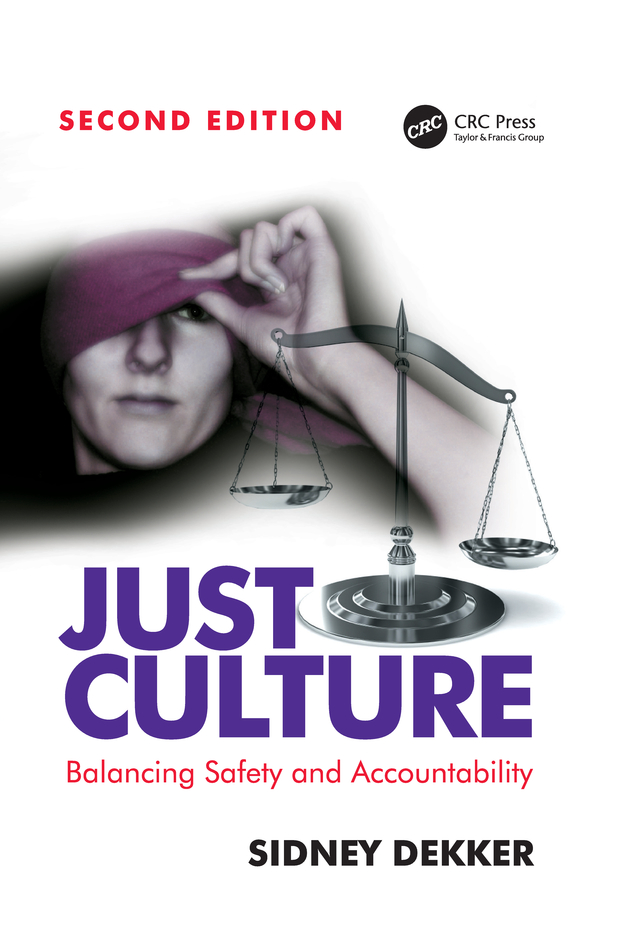
Just Culture Building on the success of the 2007 original, Dekker revises, enhances and expands his view of just culture for this second edition, additionally tackling the key issue of how justice is created inside organizations. The goal remains the same: to create an environment where learning and accountability are fairly and constructively balanced. The First Edition of Sidney Dekker’s Just Culture brought accident accountability and criminalization to a broader audience. It made people question, perhaps for the first time, the nature of personal culpability when organizational accidents occur. Having raised this awareness the author then discovered that while many organizations saw the fairness and value of creating a just culture they really struggled when it came to developing it: What should they do? How should they and their managers respond to incidents, errors, failures that happen on their watch? In this Second Edition, Dekker expands his view of just culture, additionally tackling the key issue of how justice is created inside organizations. The new book is structured quite differently. Chapter One asks, ’what is the right thing to do?’ - the basic moral question underpinning the issue. Ensuing chapters demonstrate how determining the ’right thing’ really depends on one’s viewpoint, and that there is not one ’true story’ but several. This naturally leads into the key issue of how justice is established inside organizations and the practical efforts needed to sustain it. The following chapters place just culture and criminalization in a societal context. Finally, the author reflects upon why we tend to blame individual people for systemic failures when in fact we bear collective responsibility. The changes to the text allow the author to explain the core elements of a just culture which he delineated so successfully in the First Edition and to explain how his original ideas have evolved. Dekker also introduces new material on ethics and on caring TECHNOLOGY & ENGINEERING,Industrial Health & Safety

Drift into Failure What does the collapse of sub-prime lending have in common with a broken jackscrew in an airliner’s tailplane? Or the oil spill disaster in the Gulf of Mexico with the burn-up of Space Shuttle Columbia? These were systems that drifted into failure. While pursuing success in a dynamic, complex environment with limited resources and multiple goal conflicts, a succession of small, everyday decisions eventually produced breakdowns on a massive scale. We have trouble grasping the complexity and normality that gives rise to such large events. We hunt for broken parts, fixable properties, people we can hold accountable. Our analyses of complex system breakdowns remain depressingly linear, depressingly componential - imprisoned in the space of ideas once defined by Newton and Descartes. The growth of complexity in society has outpaced our understanding of how complex systems work and fail. Our technologies have gotten ahead of our theories. We are able to build things - deep-sea oil rigs, jackscrews, collateralized debt obligations - whose properties we understand in isolation. But in competitive, regulated societies, their connections proliferate, their interactions and interdependencies multiply, their complexities mushroom. This book explores complexity theory and systems thinking to understand better how complex systems drift into failure. It studies sensitive dependence on initial conditions, unruly technology, tipping points, diversity - and finds that failure emerges opportunistically, non-randomly, from the very webs of relationships that breed success and that are supposed to protect organizations from disaster. It develops a vocabulary that allows us to harness complexity and find new ways of managing drift. TECHNOLOGY & ENGINEERING,Industrial Health & Safety

Aeromedical Transportation Still the only book published anywhere in the world which is devoted entirely to the principles of aeromedical transport, Aeromedical Transportation has rightly become known as the sole reference for the industry. This second edition has been radically revised and updated; featuring the latest research, updated references and new chapters on the transport of intensive care patients, and medical emergencies/death in flight. Since the first edition was published in 1996, the concept of 'evidence-based medicine' has been accepted as essential in any book which endeavours to be the accepted knowledge base in its subject area. A very practical text, international in its approach, much of its content is devoted to clinical matters. Administration and organisation are also discussed, but are addressed from the standpoint of the clinical aeromedical escort. The text is suitable for medical, paramedical and nursing personnel and for those working in organizations whose duties include the transportation of the sick and injured by air. TECHNOLOGY & ENGINEERING,Industrial Health & Safety
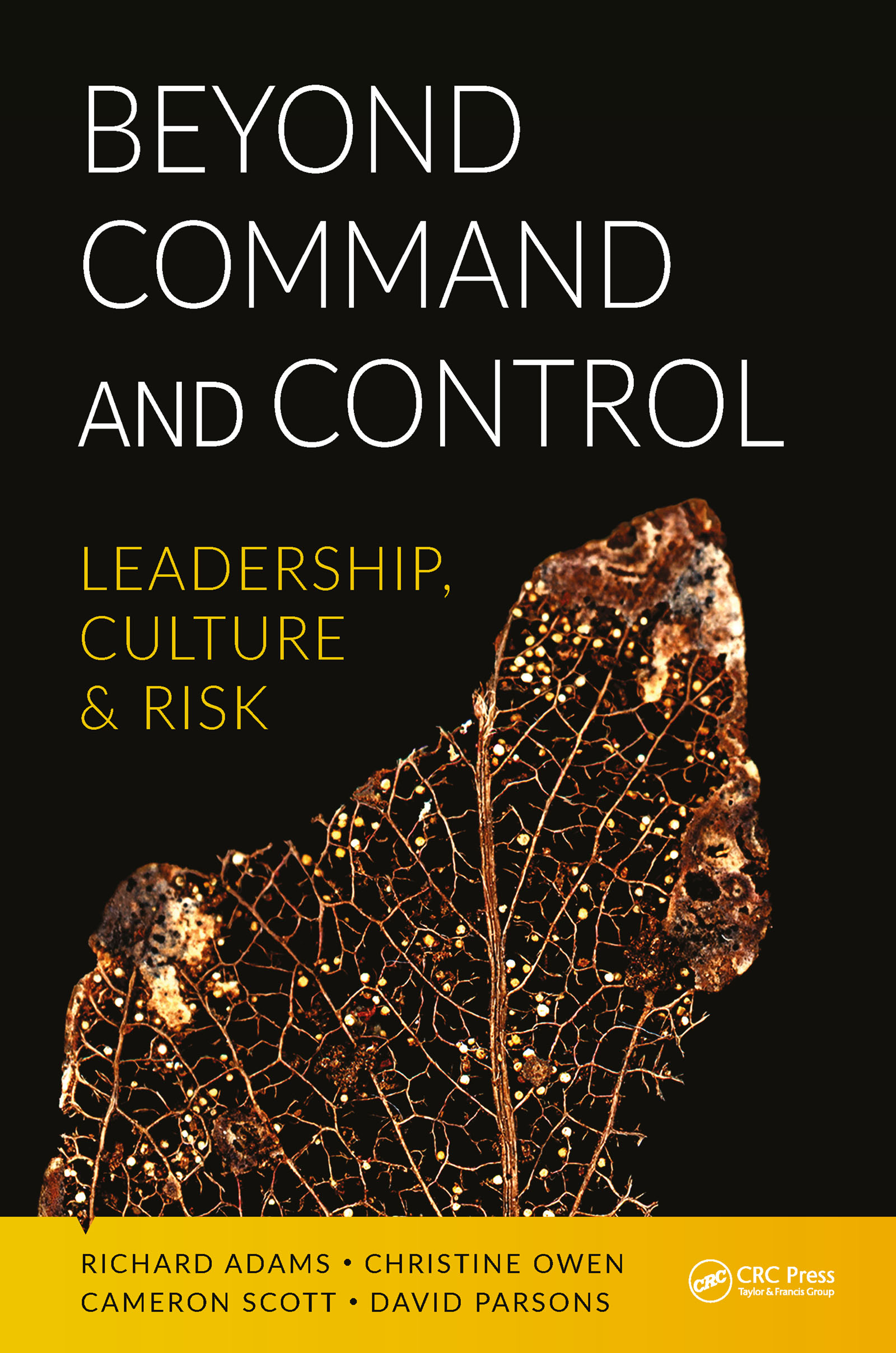
Beyond Command and Control This book will advance the understanding of leadership beyond the inherited myths and modalities of command and control. Leadership is separated from ideas and institutional seniority and explained as the collaborative power of one with others. Enabling the intelligent co-participation of all people, the constructive effect of this approach to leadership is in the engagement of people. This is significant when task accomplishment depends not on managerial direction, but on the interaction of people with each other, with technical systems, and with complex regulations which are often across jurisdictional boundaries. Examples and case studies are included. TECHNOLOGY & ENGINEERING,Industrial Health & Safety
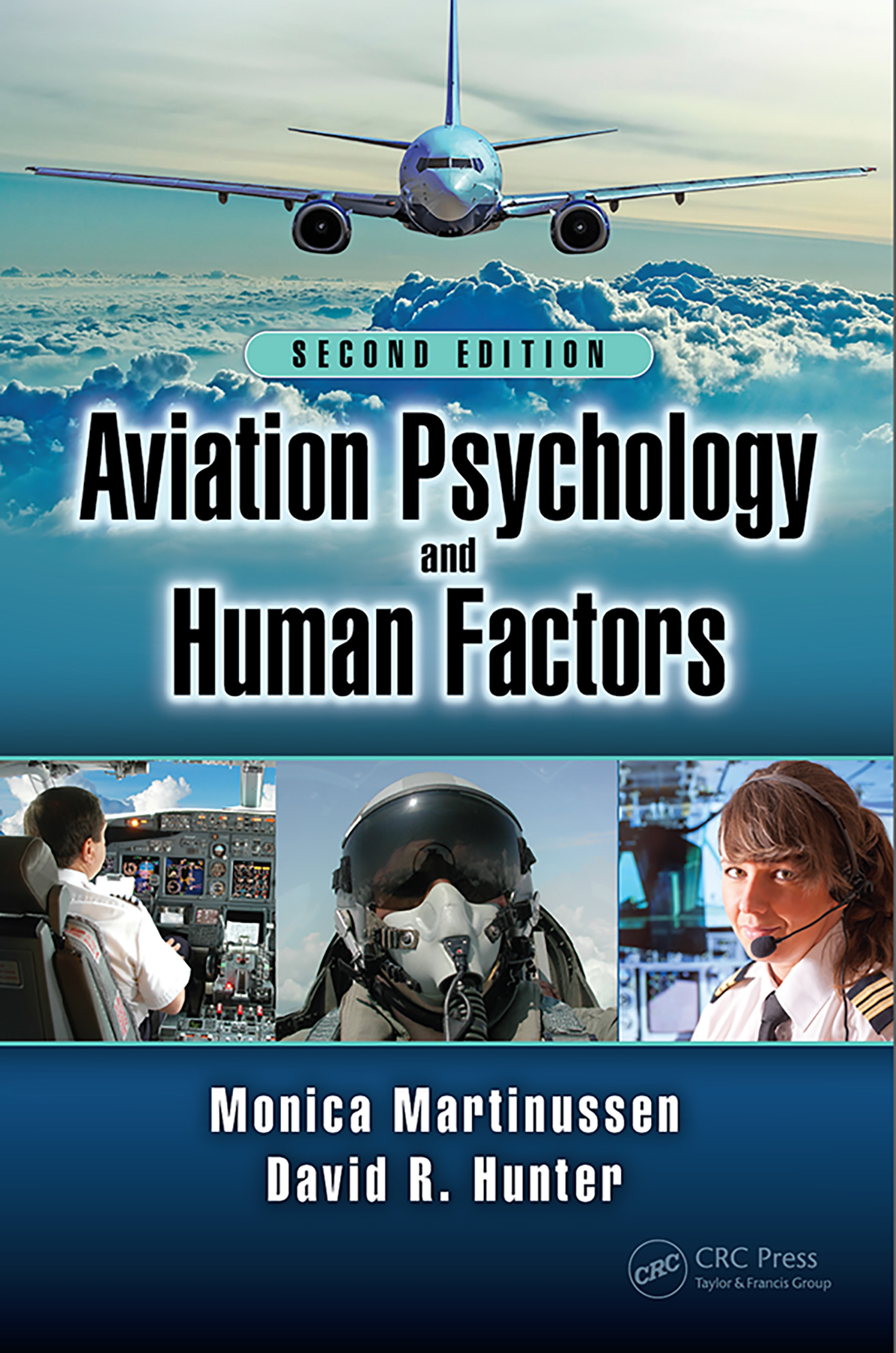
Aviation Psychology and Human Factors This book covers the application of psychological principles and techniques to situations and problems of aviation. It offers an overview of the role psychology plays in aviation, system design, selection and training of pilots, characteristics of pilots, safety, and passenger behavior. It covers concepts of psychological research and data analysis and shows how these tools are used in the development of new psychological knowledge. The new edition offers material on physiological effects on pilot performance, a new chapter on aviation physiology, more material on fatigue, safety culture, mental health and safety, as well as practical examples and exercises after each chapter. TECHNOLOGY & ENGINEERING,Industrial Health & Safety
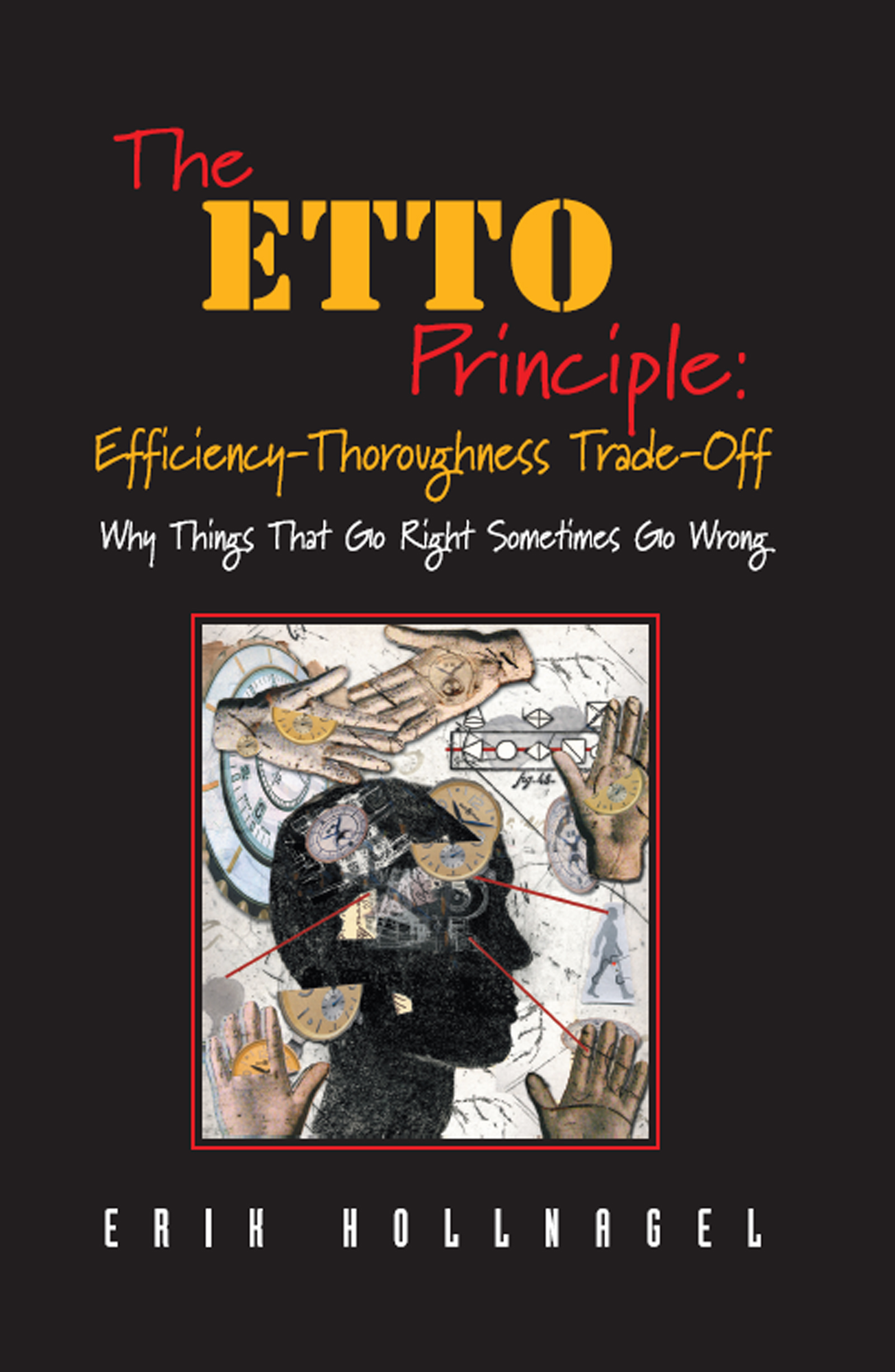
The ETTO Principle Accident investigation and risk assessment have for decades focused on the human factor, particularly 'human error'. Countless books and papers have been written about how to identify, classify, eliminate, prevent and compensate for it. This bias towards the study of performance failures, leads to a neglect of normal or 'error-free' performance and the assumption that as failures and successes have different origins there is little to be gained from studying them together. Erik Hollnagel believes this assumption is false and that safety cannot be attained only by eliminating risks and failures. The ETTO Principle looks at the common trait of people at work to adjust what they do to match the conditions - to what has happened, to what happens, and to what may happen. It proposes that this efficiency-thoroughness trade-off (ETTO) - usually sacrificing thoroughness for efficiency - is normal. While in some cases the adjustments may lead to adverse outcomes, these are due to the very same processes that produce successes, rather than to errors and malfunctions. The ETTO Principle removes the need for specialised theories and models of failure and 'human error' and offers a viable basis for effective and just approaches to both reactive and proactive safety management. TECHNOLOGY & ENGINEERING,Industrial Health & Safety
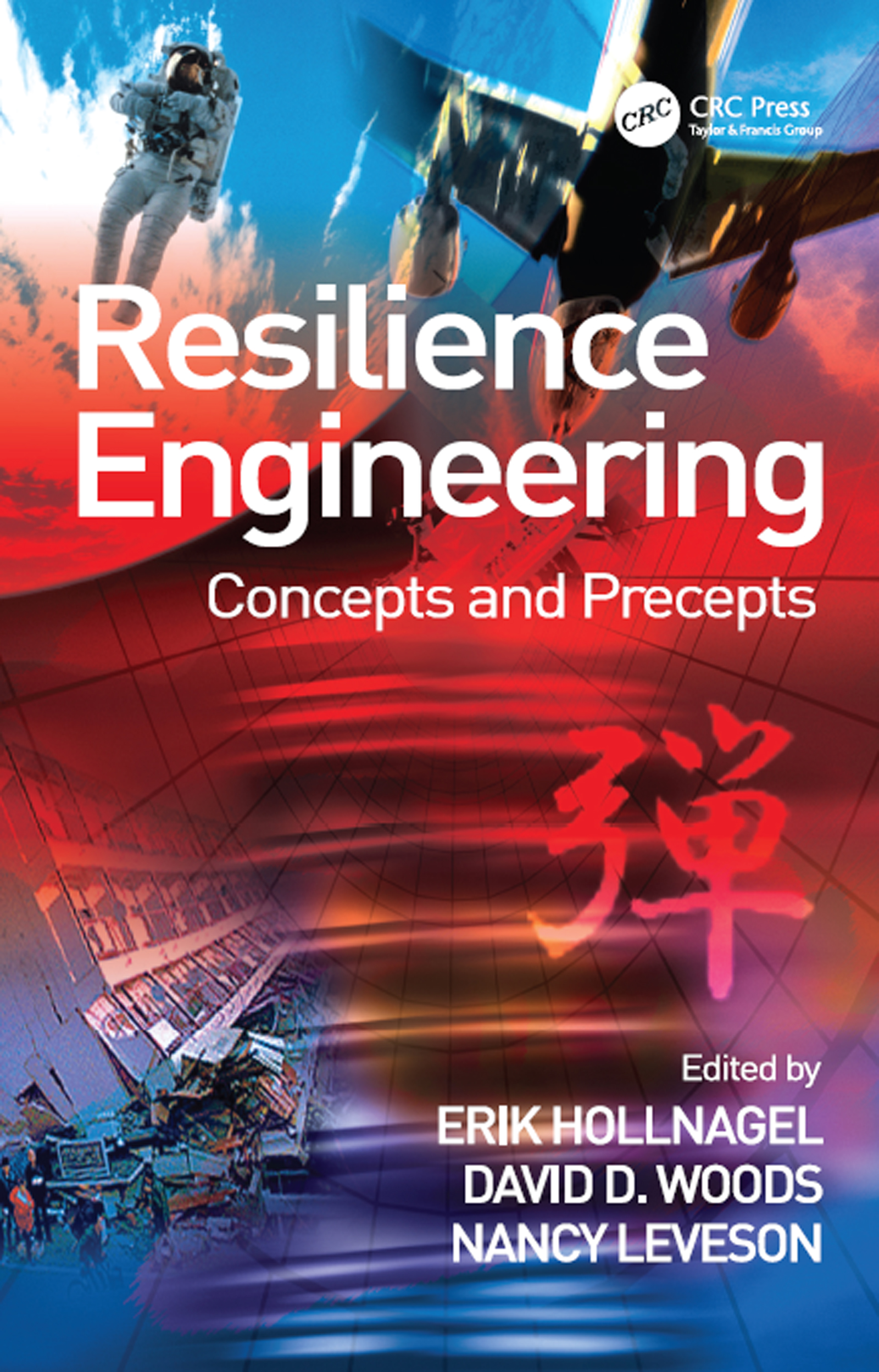
Resilience Engineering For Resilience Engineering, 'failure' is the result of the adaptations necessary to cope with the complexity of the real world, rather than a breakdown or malfunction. The performance of individuals and organizations must continually adjust to current conditions and, because resources and time are finite, such adjustments are always approximate. This definitive new book explores this groundbreaking new development in safety and risk management, where 'success' is based on the ability of organizations, groups and individuals to anticipate the changing shape of risk before failures and harm occur. Featuring contributions from many of the worlds leading figures in the fields of human factors and safety, Resilience Engineering provides thought-provoking insights into system safety as an aggregate of its various components, subsystems, software, organizations, human behaviours, and the way in which they interact. The book provides an introduction to Resilience Engineering of systems, covering both the theoretical and practical aspects. It is written for those responsible for system safety on managerial or operational levels alike, including safety managers and engineers (line and maintenance), security experts, risk and safety consultants, human factors professionals and accident investigators. TECHNOLOGY & ENGINEERING,Industrial Health & Safety
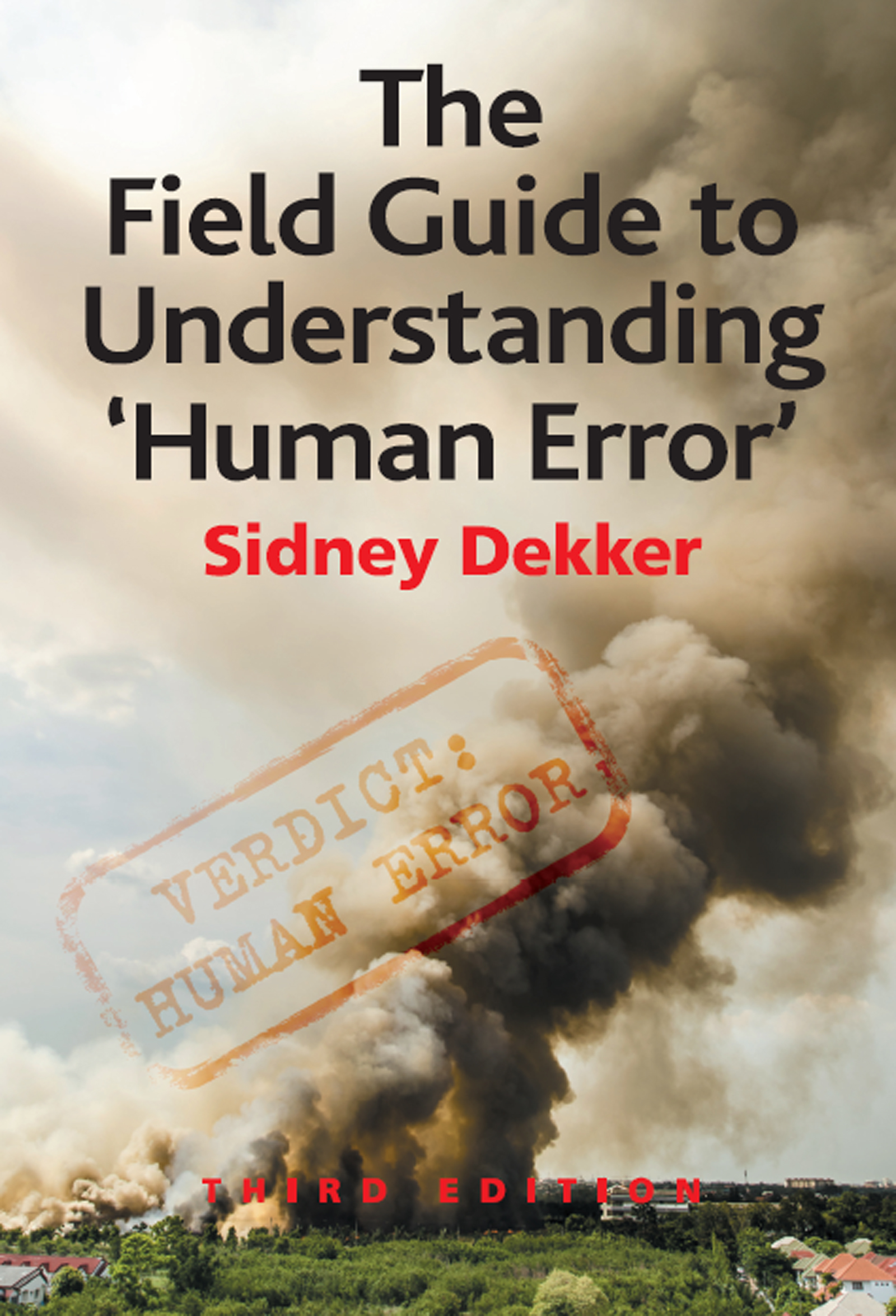
The Field Guide to Understanding 'Human Error' When faced with a ’human error’ problem, you may be tempted to ask 'Why didn’t these people watch out better?' Or, 'How can I get my people more engaged in safety?' You might think you can solve your safety problems by telling your people to be more careful, by reprimanding the miscreants, by issuing a new rule or procedure and demanding compliance. These are all expressions of 'The Bad Apple Theory' where you believe your system is basically safe if it were not for those few unreliable people in it. Building on its successful predecessors, the third edition of The Field Guide to Understanding ’Human Error’ will help you understand a new way of dealing with a perceived 'human error' problem in your organization. It will help you trace how your organization juggles inherent trade-offs between safety and other pressures and expectations, suggesting that you are not the custodian of an already safe system. It will encourage you to start looking more closely at the performance that others may still call 'human error', allowing you to discover how your people create safety through practice, at all levels of your organization, mostly successfully, under the pressure of resource constraints and multiple conflicting goals. The Field Guide to Understanding 'Human Error' will help you understand how to move beyond 'human error'; how to understand accidents; how to do better investigations; how to understand and improve your safety work. You will be invited to think creatively and differently about the safety issues you and your organization face. In each, you will find possibilities for a new language, for different concepts, and for new leverage points to influence your own thinking and practice, as well as that of your colleagues and organization. If you are faced with a ’human error’ problem, abandon the fallacy of a quick fix. Read this book. TECHNOLOGY & ENGINEERING,Industrial Health & Safety
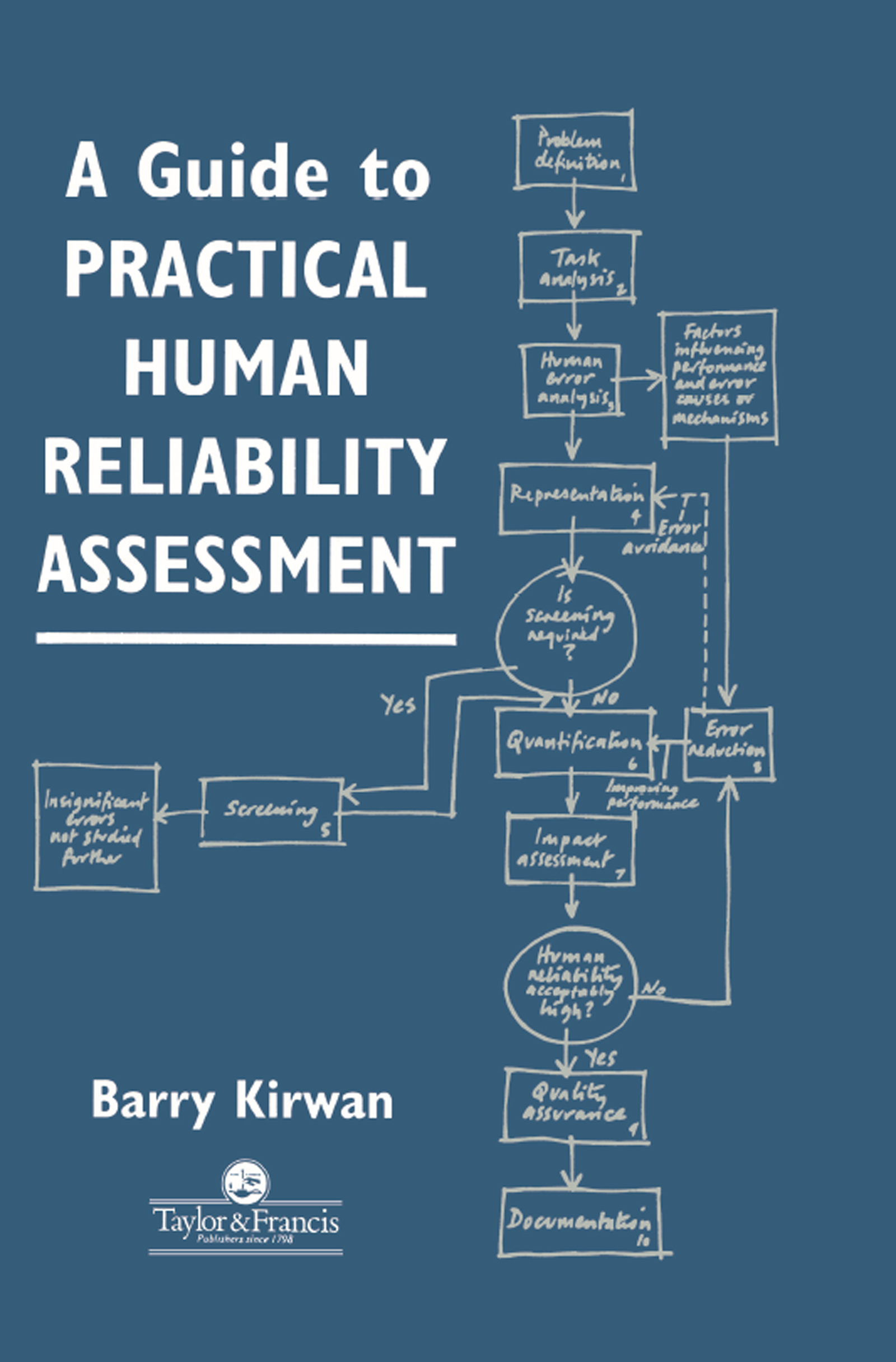
A Guide To Practical Human Reliability Assessment Human error is here to stay. This perhaps obvious statement has a profound implication for society when faced with the types of hazardous system accidents that have occurred over the past three decades. Such accidents have been strongly influenced by human error, yet many system designs in existence or being planned and built do not take human error into consideration.; "A Guide to Practical Human Reliability Assessment" is a practical and pragmatic guide to the techniques and approaches of human reliability assessment HRA. lt offers the reader explanatory and practical methods which have been applied and have worked in high technology and high risk assessments - particularly but not exclusively to potentially hazardous industries such as exist in process control, nuclear power, chemical and petrochemical industries.A Guide to Practical Human Reliability Assessment offers the practitioner a comprehensive tool-kit of different approaches along with guidance on selecting different methods for different applications. It covers the risk assessment and the HRA process, as well as methods of task analysis, error identification, quantification, representation of errors in the risk analysis, followed by error reduction analysis, quality assurance and documentation. There are also a number of detailed case studies from nuclear, chemical, offshore, and marine HRA'S, exemplfying the image of techniques and the impact of HRA in existing and design-stage systems. TECHNOLOGY & ENGINEERING,Industrial Health & Safety

Managing Maritime Safety Shipping is a pillar of global trade, with 90 per cent of the world’s trade in goods and raw materials carried by ship. Despite the economic benefits this delivers, maritime operations can be dangerous, and when accidents occur the consequences are serious. Consequential outcomes from hazards at sea include serious injury, death, loss of cargo and destruction of the marine environment. Managing Maritime Safety will give you a thorough understanding of contemporary maritime safety and its management. It provides varying viewpoints on traditional safety topics in conjunction with critical discussions of the international safety management code and its application. The book also offers new perspectives on maritime safety such as ship and equipment design for safety and the relevance of safety management systems, in particular the application of the International Safety Management code to remote controlled or autonomous ships. The authors all work in the maritime industry, as practitioners, in education, research, government and classification. The combination of wide-ranging and extensive experience provides an unprecedented span of views with a strong connection to the real issues in the maritime domain. This book sets out to provide much needed consolidated knowledge for university level students on maritime safety management, incorporating theoretical, historical, research, operational and design perspectives. TECHNOLOGY & ENGINEERING,Industrial Health & Safety
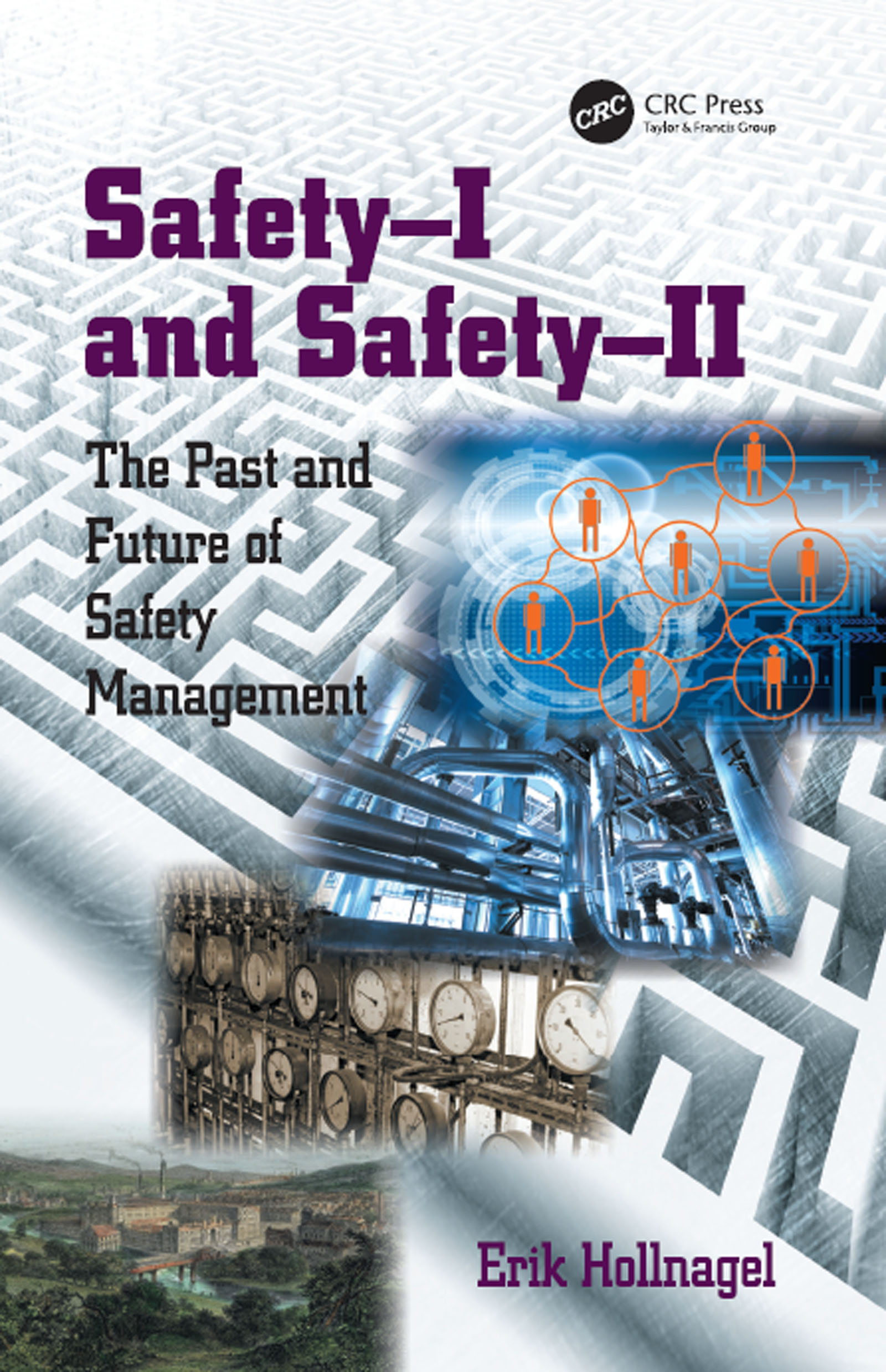
Safety-I and Safety-II Safety has traditionally been defined as a condition where the number of adverse outcomes was as low as possible (Safety-I). From a Safety-I perspective, the purpose of safety management is to make sure that the number of accidents and incidents is kept as low as possible, or as low as is reasonably practicable. This means that safety management must start from the manifestations of the absence of safety and that - paradoxically - safety is measured by counting the number of cases where it fails rather than by the number of cases where it succeeds. This unavoidably leads to a reactive approach based on responding to what goes wrong or what is identified as a risk - as something that could go wrong. Focusing on what goes right, rather than on what goes wrong, changes the definition of safety from ’avoiding that something goes wrong’ to ’ensuring that everything goes right’. More precisely, Safety-II is the ability to succeed under varying conditions, so that the number of intended and acceptable outcomes is as high as possible. From a Safety-II perspective, the purpose of safety management is to ensure that as much as possible goes right, in the sense that everyday work achieves its objectives. This means that safety is managed by what it achieves (successes, things that go right), and that likewise it is measured by counting the number of cases where things go right. In order to do this, safety management cannot only be reactive, it must also be proactive. But it must be proactive with regard to how actions succeed, to everyday acceptable performance, rather than with regard to how they can fail, as traditional risk analysis does. This book analyses and explains the principles behind both approaches and uses this to consider the past and future of safety management practices. The analysis makes use of common examples and cases from domains such as aviation, nuclear power production, process management and health care. The final chapters explain the theoret TECHNOLOGY & ENGINEERING,Industrial Health & Safety
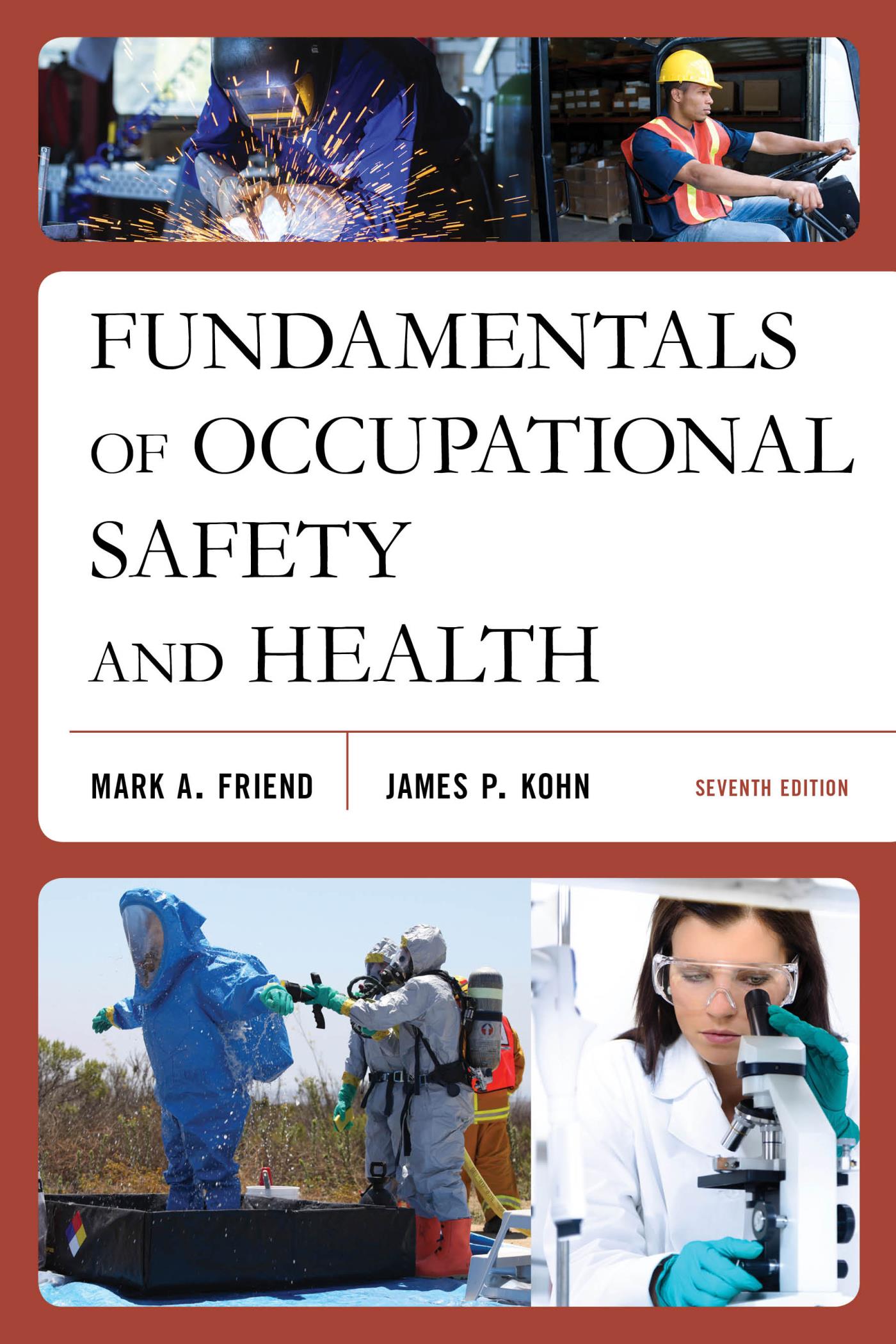
Fundamentals of Occupational Safety and Health The seventh edition of this popular handbook provides a thorough and up-to-date overview of the occupational safety and health field and the issues safety professionals face today, and does so in an accessible and engaging manner. TECHNOLOGY & ENGINEERING,Industrial Health & Safety

Web Wisdom The World Wide Web has undergone tremendous growth since the first edition of Web Wisdom: How to Evaluate and Create Information Quality on the Web was conceived and written in the mid to late 1990s. The phenomenal global expansion of the internet, together with the increasing sophistication of online technologies and software applications, requires us to be more savvy Web users, especially given the growing complexity of Web-based information. This new edition of Web Wisdom covers key issues that users and creators of Web resources need to know regarding reliable and useful information on the Web, including social media content. Written in a straightforward and accessible format, the book also provides critical evaluation techniques and tools to enhance Web-based research and the creation of high quality content. Features Includes checklists comprised of basic questions to ask when evaluating or creating web resources Provides an expanded discussion of copyright, trademark, and other related issues with specific reference to web authoring Contains a chapter devoted exclusively to social media applications and their unique evaluation challenges Presents a new section that addresses the evaluation challenges that are related to combining traditional and social media content Offers a new section focused on computer-generated text and its allied evaluation challenges Introduces a revised and expanded companion website that provides a variety of supplemental materials related to the evaluation and creation of web content as well as links to additional examples This book demonstrates how to adapt and apply the five core traditional evaluation criteria (authority, accuracy, objectivity, currency, coverage) originally introduced in the first edition, to the modern-day Web environment. TECHNOLOGY & ENGINEERING,Industrial Health & Safety

Office Ergonomics and Human Factors Just like the previous edition, this new edition aims to provide practical advice on how to create, develop, or improve office environments so that those individuals who work within them can do so comfortably and contently. Those environments include traditional purpose-built offices, home offices, vehicle interiors, or transient environments like train stations, hotels, and airports. Technology has changed radically since the first edition published in 2007. The new edition has been completely updated and offers simple, practical and effective advice that can be employed easily in any office environment, whether typical or atypical. Features Provides up-to-date advice on working with handheld devices and computers Outlines what can be done in non-office environments to make the worker more comfortable Offers updated case studies, which are more relevant to today's work, made possible by ever-advancing technology Includes an expanded section on accommodating workers with disabilities and covers new options available to assist the disabled so they can work effectively and comfortably Deals with the hidden area of work-related manual handling inside and outside the office TECHNOLOGY & ENGINEERING,Industrial Health & Safety
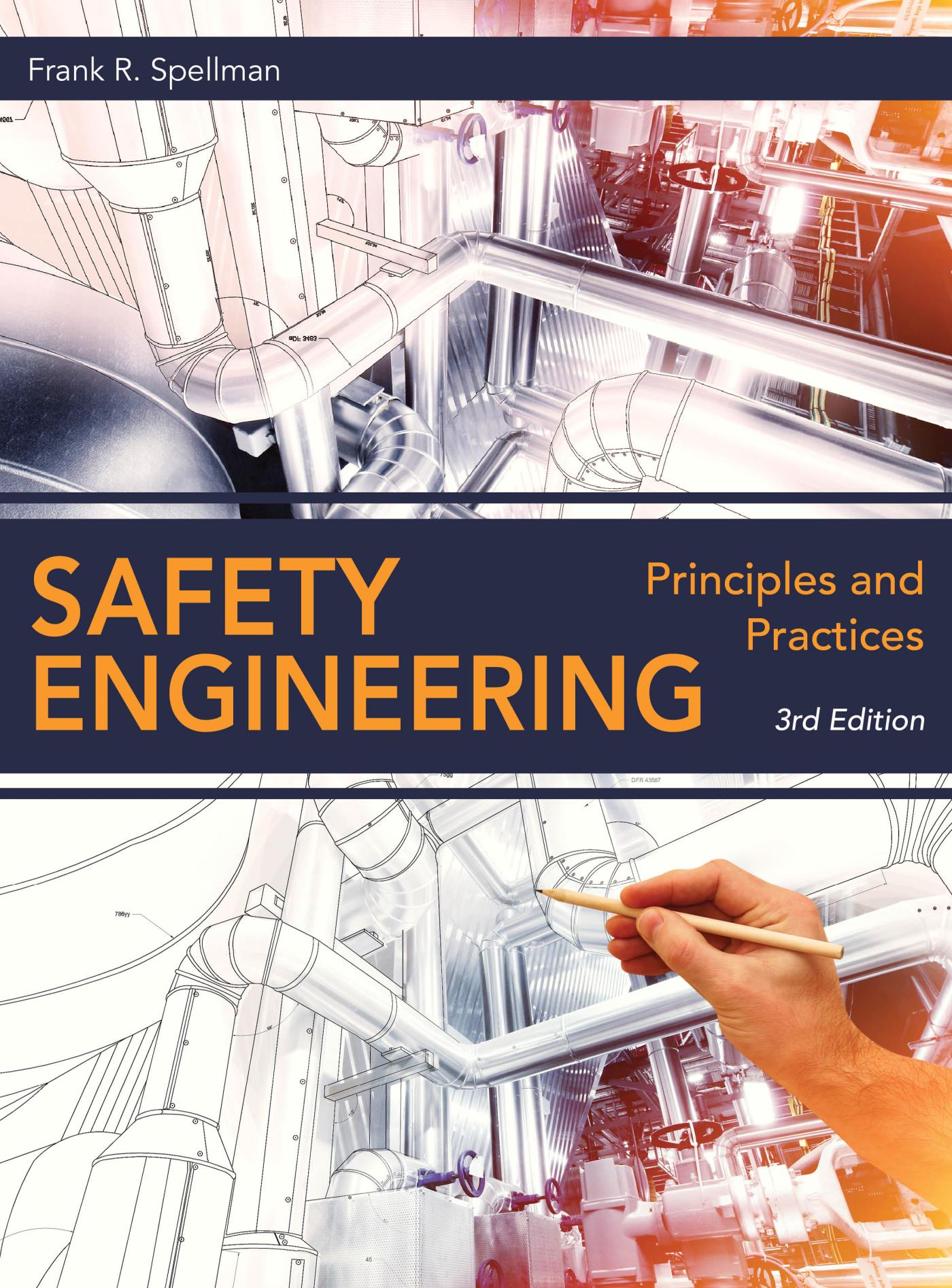
Safety Engineering The third edition of Safety Engineering: Principles and Practices has been thoroughly revised, updated, and expanded. It provides practical information for students and professionals who want an overview of the fundamentals and insight into the subtleties of this expanding discipline. TECHNOLOGY & ENGINEERING,Industrial Health & Safety
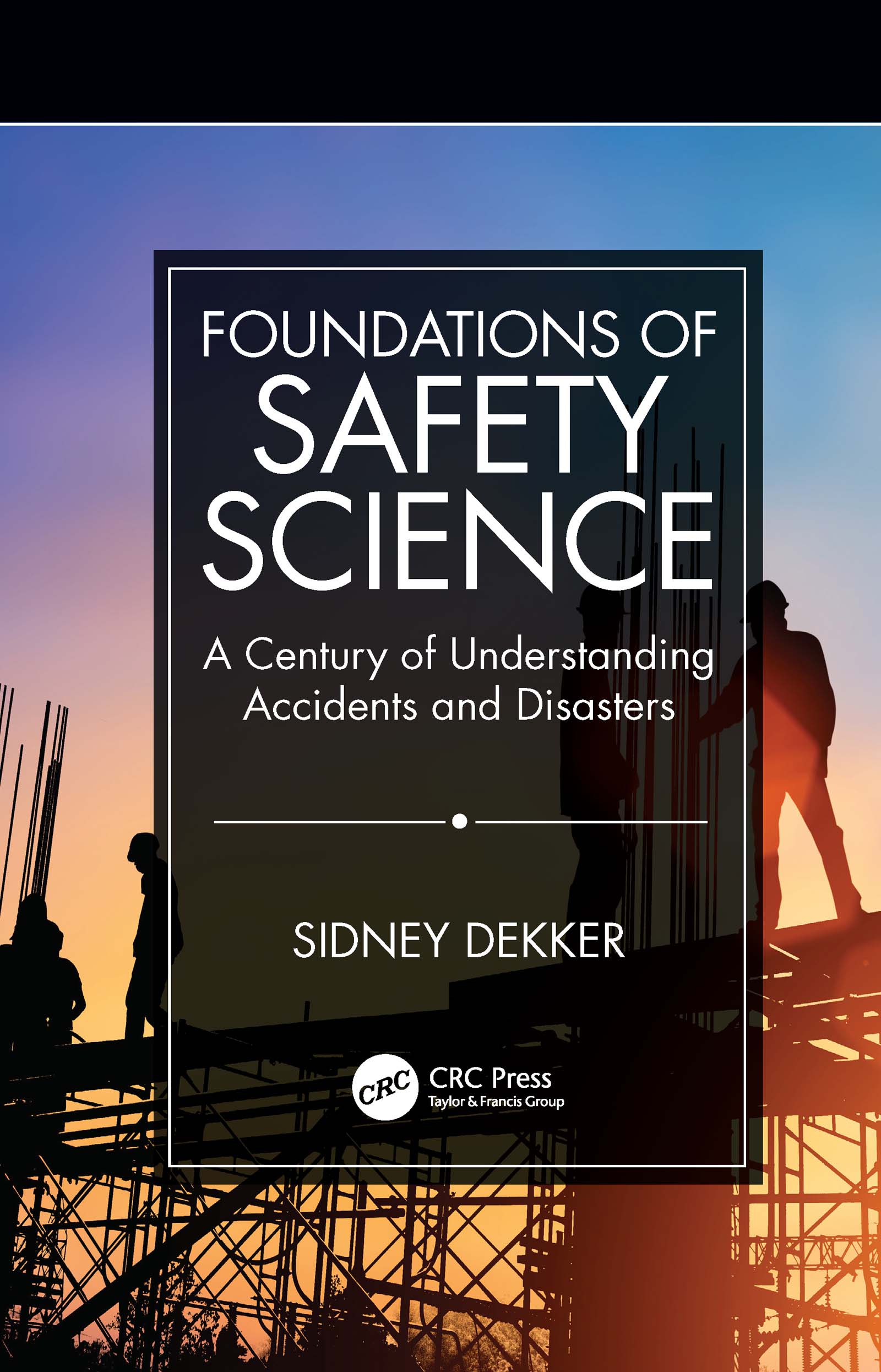
Foundations of Safety Science How are today’s ‘hearts and minds’ programs linked to a late-19th century definition of human factors as people’s moral and mental deficits? What do Heinrich’s ‘unsafe acts’ from the 1930’s have in common with the Swiss cheese model of the early 1990’s? Why was the reinvention of human factors in the 1940’s such an important event in the development of safety thinking? What makes many of our current systems so complex and impervious to Tayloristic safety interventions? ‘Foundations of Safety Science’ covers the origins of major schools of safety thinking, and traces the heritage and interlinkages of the ideas that make up safety science today. Features Offers a comprehensive overview of the theoretical foundations of safety science Provides balanced treatment of approaches since the early 20th century, showing interlinkages and cross-connections Includes an overview and key points at the beginning of each chapter and study questions at the end to support teaching use Uses an accessible style, using technical language where necessary Concentrates on the philosophical and historical traditions and assumptions that underlie all safety approaches TECHNOLOGY & ENGINEERING,Industrial Health & Safety
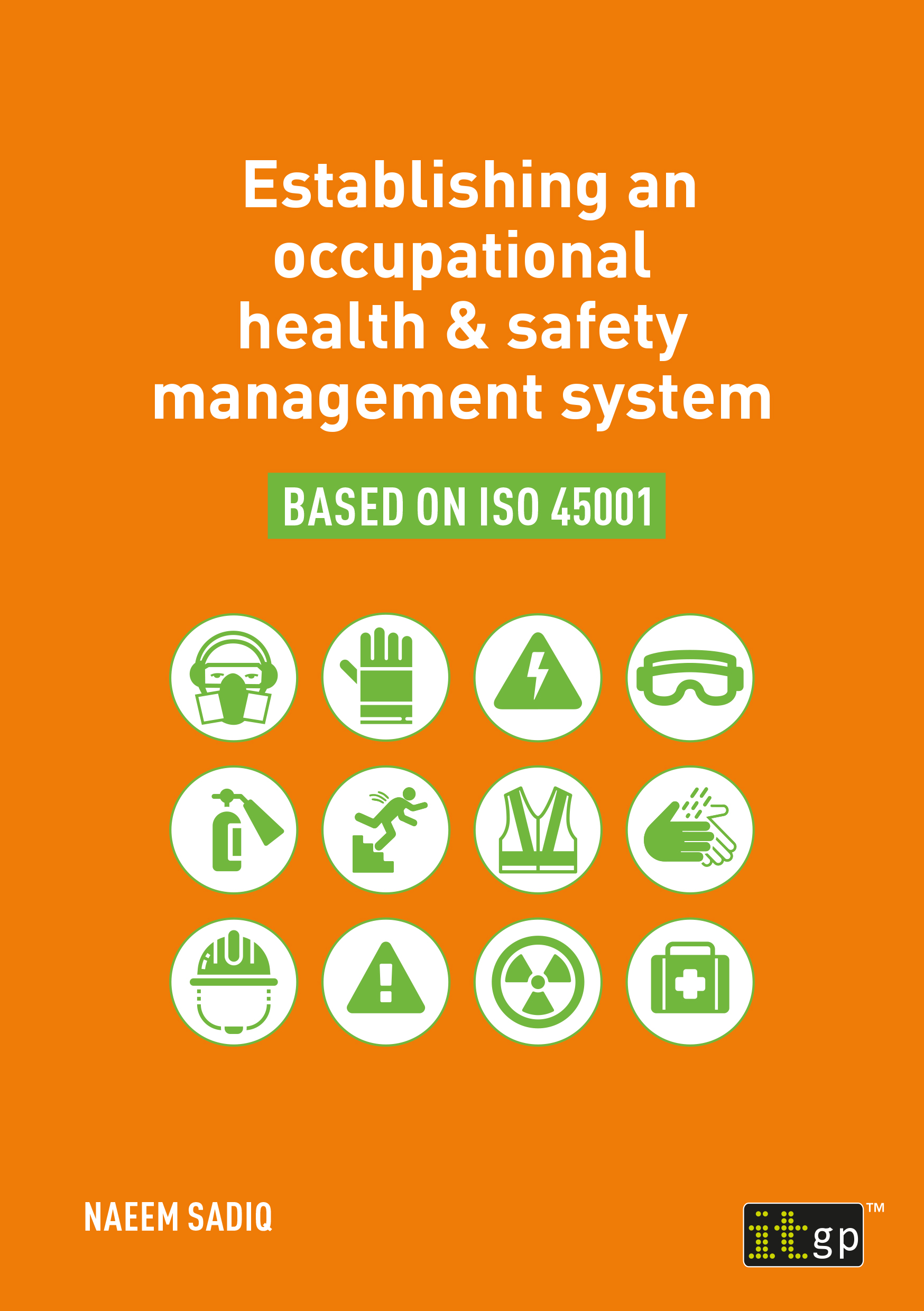
Establishing an occupational health & safety management system based on ISO 45001 This book provides a comprehensive explanation of the detailed requirements of ISO 45001. The author draws out key parts of the Standard, which can often be confusing for non-experts or newcomers to ISO standards, and explains what they mean and how to comply. TECHNOLOGY & ENGINEERING,Industrial Health & Safety
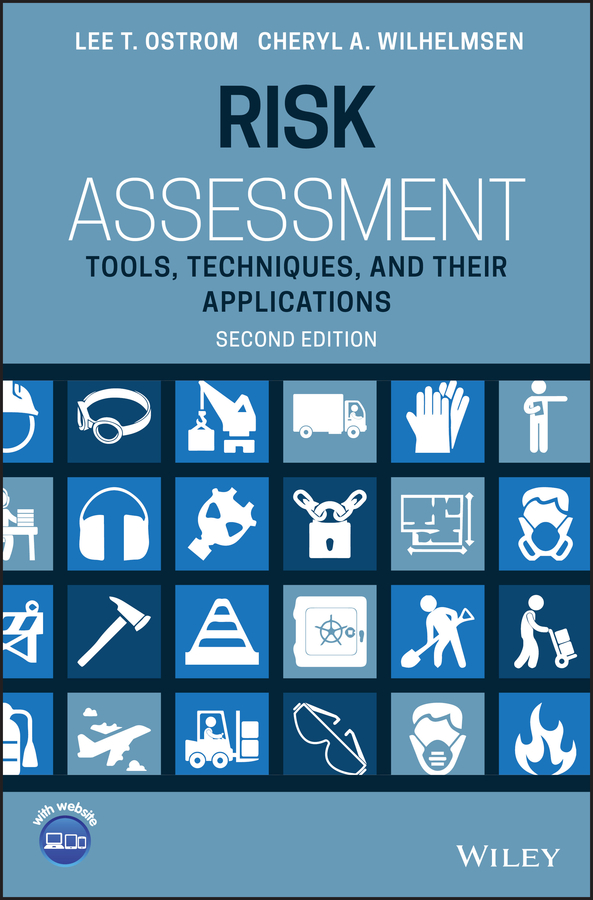
Risk Assessment Guides the reader through a risk assessment and shows them the proper tools to be used at the various steps in the process This brand new edition of one of the most authoritative books on risk assessment adds ten new chapters to its pages to keep readers up to date with the changes in the types of risk that individuals, businesses, and governments are being exposed to today. It leads readers through a risk assessment and shows them the proper tools to be used at various steps in the process. The book also provides readers with a toolbox of techniques that can be used to aid them in analyzing conceptual designs, completed designs, procedures, and operational risk. Risk Assessment: Tools, Techniques, and Their Applications, Second Edition includes expanded case studies and real life examples; coverage on risk assessment software like SAPPHIRE and RAVEN; and end-of-chapter questions for students. Chapters progress from the concept of risk, through the simple risk assessment techniques, and into the more complex techniques. In addition to discussing the techniques, this book presents them in a form that the readers can readily adapt to their particular situation. Each chapter, where applicable, presents the technique discussed in that chapter and demonstrates how it is used. Expands on case studies and real world examples, so that the reader can see complete examples that demonstrate how each of the techniques can be used in analyzing a range of scenarios Includes 10 new chapters, including Bayesian and Monte Carlo Analyses; Hazard and Operability (HAZOP) Analysis; Threat Assessment Techniques; Cyber Risk Assessment; High Risk Technologies; Enterprise Risk Management Techniques Adds end-of-chapter questions for students, and provides a solutions manual for academic adopters Acts as a practical toolkit that can accompany the practitioner as they perform a risk assessment and allows the reader to identify the right assessment for their situation Presents risk assessment techniques in a form that the readers can readily adapt to their particular situation Risk Assessment: Tools, Techniques, and Their Applications, Second Edition is an important book for professionals that make risk-based decisions for their companies in various industries, including the insurance industry, loss control, forensics, all domains of safety, engineering and technical fields, management science, and decision analysis. It is also an excellent standalone textbook for a risk assessment or a risk management course. TECHNOLOGY & ENGINEERING,Industrial Health & Safety
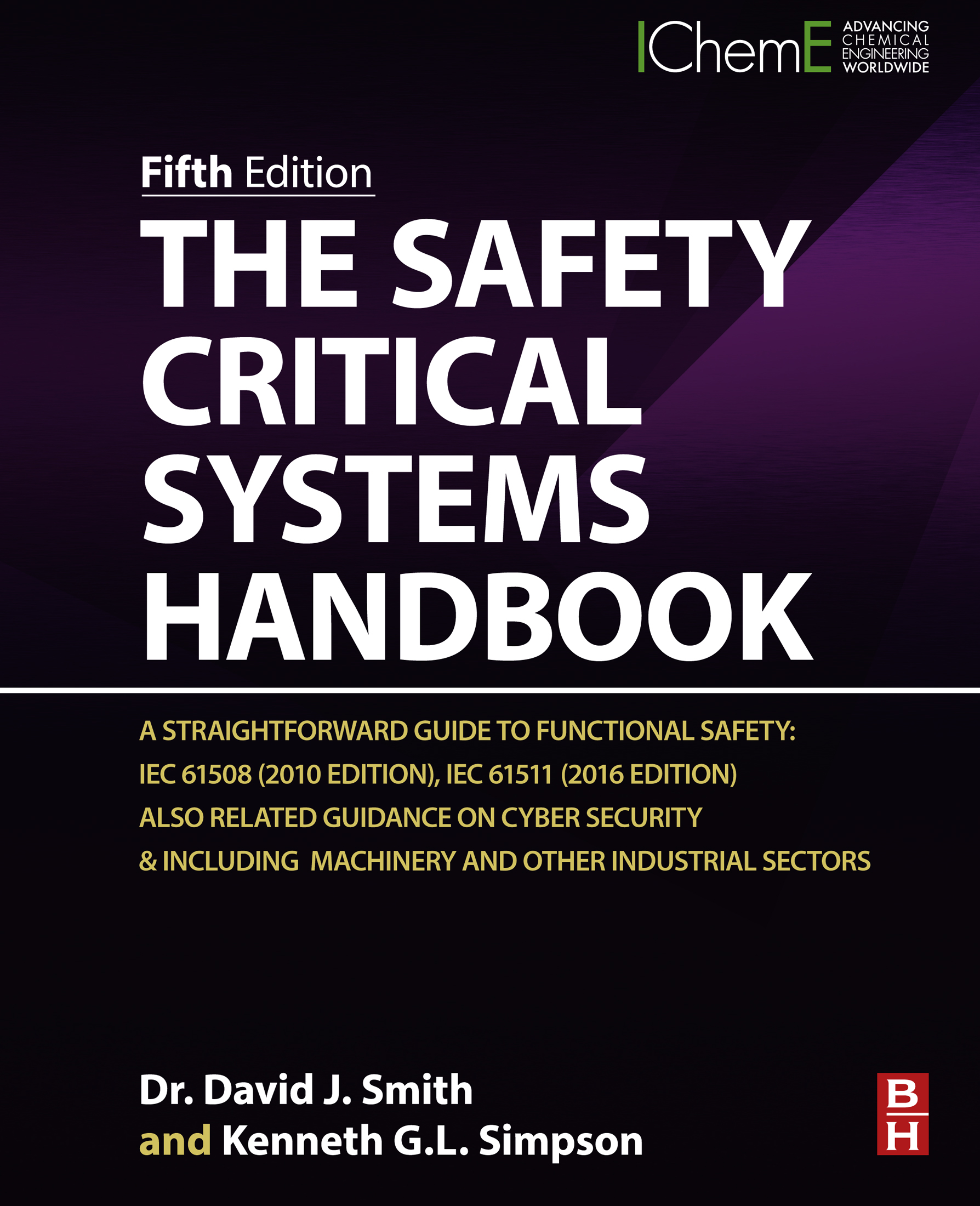
The Safety Critical Systems Handbook The Safety Critical Systems Handbook: A Straightforward Guide to Functional Safety: IEC 61508 (2010 Edition), IEC 61511 (2015 Edition) and Related Guidance, Fifth Edition presents the latest guidance on safety-related systems that guard workers and the public against injury and death, also discussing environmental risks. This comprehensive resource has been fully revised, with additional material on risk assessment, cybersecurity, COMAH and HAZID, published guidance documents/standards, quantified risk assessment and new worked examples. The book provides a comprehensive guide to the revised IEC 61508 standard as well as the 2016 IEC 61511. This book will have a wide readership, not only in the chemical and process industries, but in oil and gas, power generation, avionics, automotive, manufacturing and other sectors. It is aimed at most engineers, including those in project, control and instrumentation, design and maintenance disciplines. Provides the only comprehensive guide to IEC 61508 and 61511 (updated for 2016) that ensures engineers are compliant with the latest process safety systems design and operation standards Presents a real-world approach that helps users interpret the standard, with new case studies and best practice design examples using revised standards Covers applications of the standard to device design TECHNOLOGY & ENGINEERING,Industrial Health & Safety

Quick Selection Guide to Chemical Protective Clothing The expanded seventh edition, complete with new materials and updated information on existing materials for chemical protective clothing The revised and updated seventh edition of Quick Selection Guide to Chemical Protective Clothing contains the most recent information on the selection, use, and care of chemical protective clothing, such as protective gloves, suits, and other garments. The seventh edition includes new selection recommendations, new materials and chemicals tested, and updated information on existing products. This accessible guide also contains the popular color-coded selection grid. The grid system indicates which materials offer protection against specific chemicals, and which do not. Selecting the most appropriate chemical protective clothing is essential for the prevention of illnesses and injures from hazardous chemical exposure, especially where other control measures are not feasible. Written by noted experts on the topic, the book has been thoroughly revised to reflect the most recent advances in the field. The new seventh edition: • Offers an updated Trade Name Table with 25 product name changes, 8 new products, and 10 products deletions • Includes 27 products in the Master Chemical Resistance Table with changed names and includes replaces outdated products with important new ones • Contains new selection recommendations (color codes) that reflect new chemicals and additional tests • Includes 1,000 chemicals in the index that are linked to the UN pictograms and Risk Codes related to skin exposure • Provides a guide for comparing the performance of available product/barrier materials currently on the market Written for anyone responsible for the purchase or use of protective clothing, the updated seventh edition of Quick Selection Guide to Chemical Protective Clothing is a pocket guide that is the only independent source for selection of chemical protective clothing. TECHNOLOGY & ENGINEERING,Industrial Health & Safety
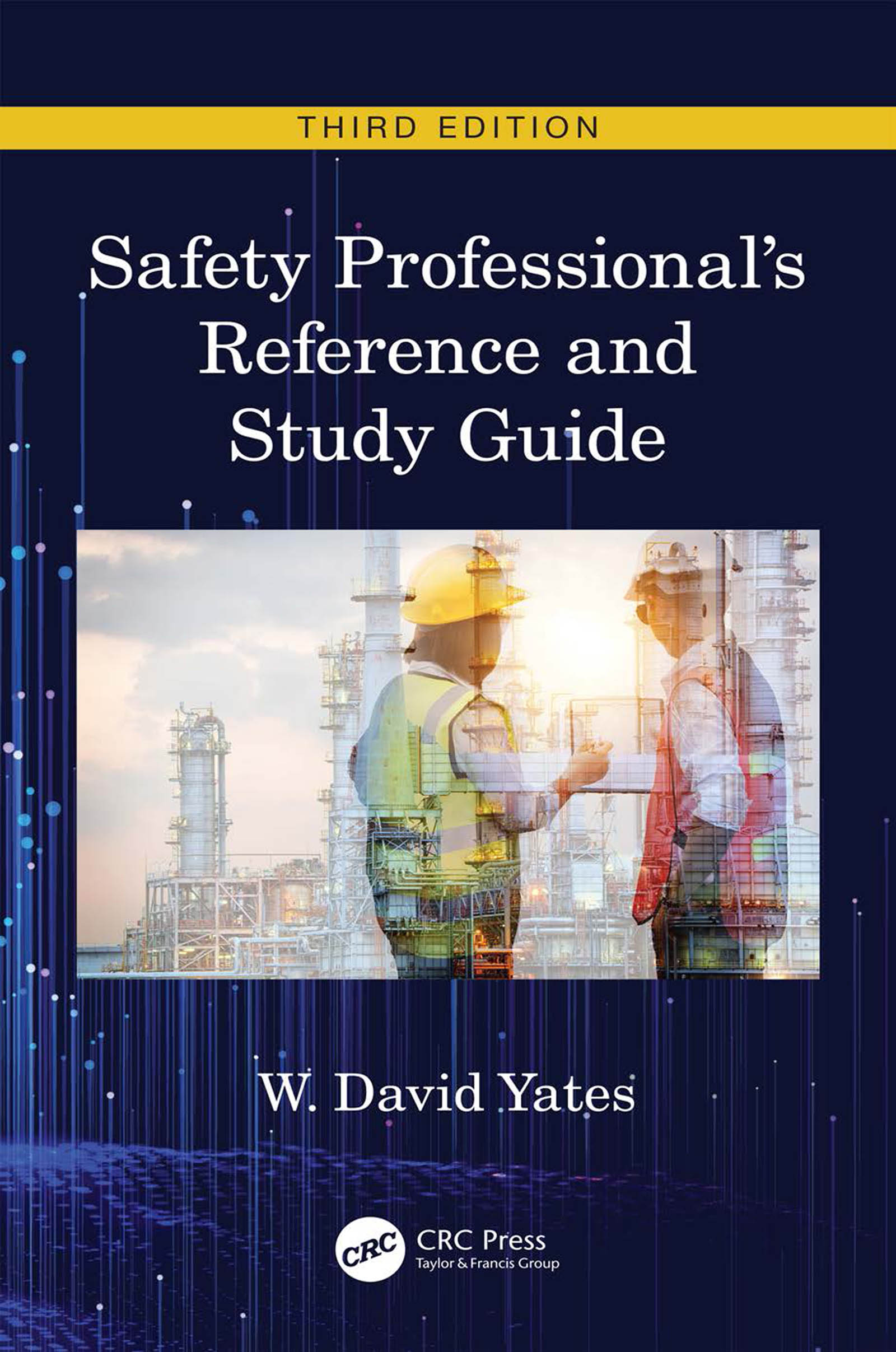
Safety Professional's Reference and Study Guide, Third Edition This new edition serves both as a reference guide for the experienced professional and as a preparation source for those desiring certifications. It’s an invaluable resource and a must-have addition to every safety professional’s library. Safety Professional’s Reference and Study Guide, Third Edition, is written to serve as a useful reference tool for the experienced practicing safety professional, as well as a study guide for university students and those preparing for the Certified Safety Professional examination. It addresses major topics of the safety and health profession and includes the latest version of the Board of Certified Safety Professional (BCSP) reference sheet, a directory of resources and associations, as well as state and federal agency contact information. Additionally, this new edition offers new chapters and resources that will delight every reader. This book aids the prospective examination candidate and the practicing safety professional, by showing them, step-by-step, how to solve each question/formula listed on the BCSP examination and provide examples on how and when to utilize them. TECHNOLOGY & ENGINEERING,Industrial Health & Safety
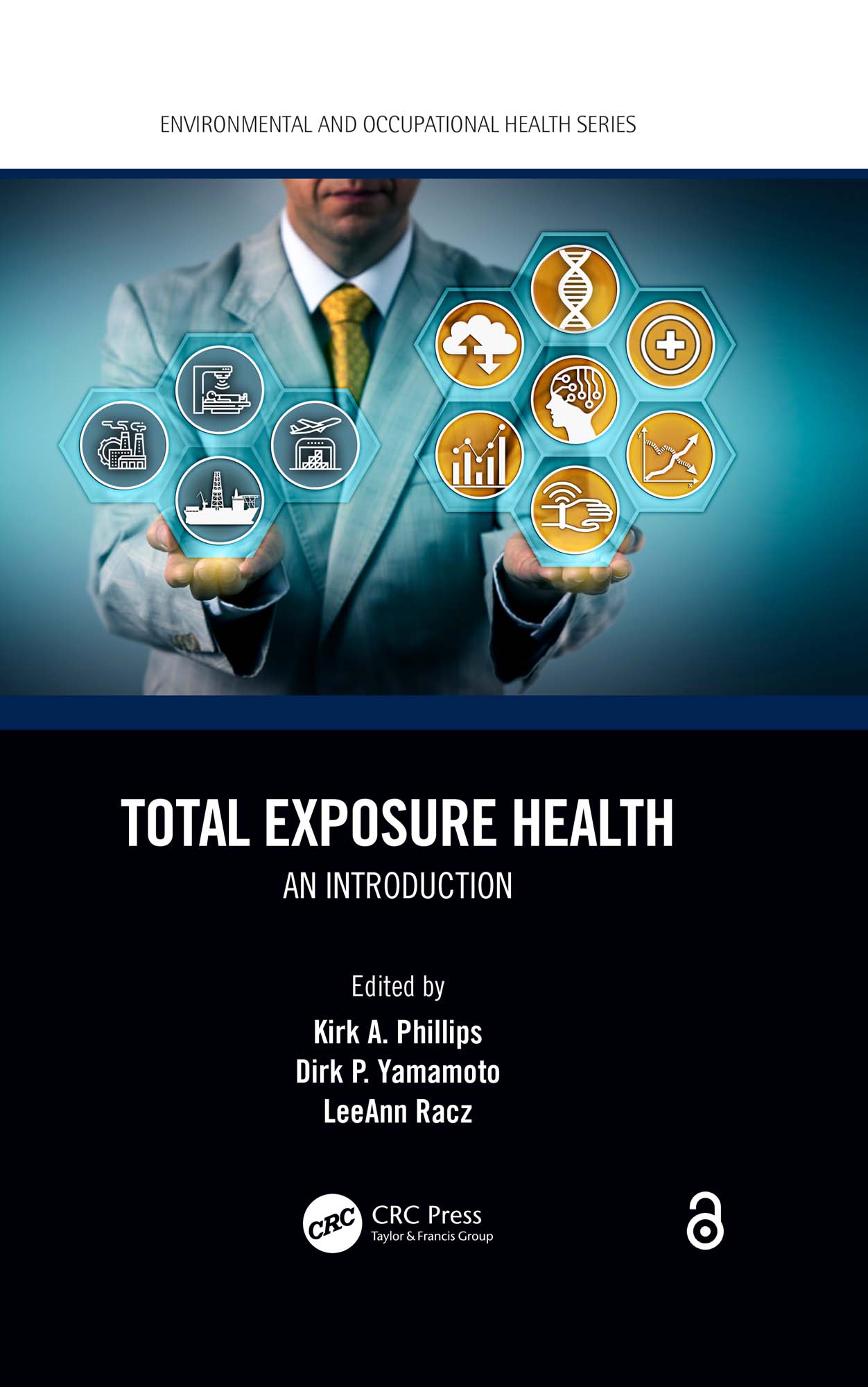
Total Exposure Health This book provides a comprehensive overview of the concept of "Total Exposure Health" and presents details on subject areas which make up the framework. It provides in-depth coverage of the science and technology supporting exposure and risk assessment. This includes advances in toxicology and the "-omics" as well as new techniques for exposure assessment. The book concludes with a discussion on bioethics implications, including ethical considerations related to genetic testing. ​ Discusses advances in exposure monitoring Presents a systems biology approach to human exposures Examines how overall well-being translates to worker productivity Considers the link between work-related risk factors and health conditions Covers the study of genomics in precision medicine and exposure science Explores bioethics in genomic studies Aimed at the exposure professionals (industrial hygienists, toxicologists, public health, environmental engineers), geneticists, molecular biologists, engineers and managers in the health and safety industry as well as professionals in the public administration field. TECHNOLOGY & ENGINEERING,Industrial Health & Safety
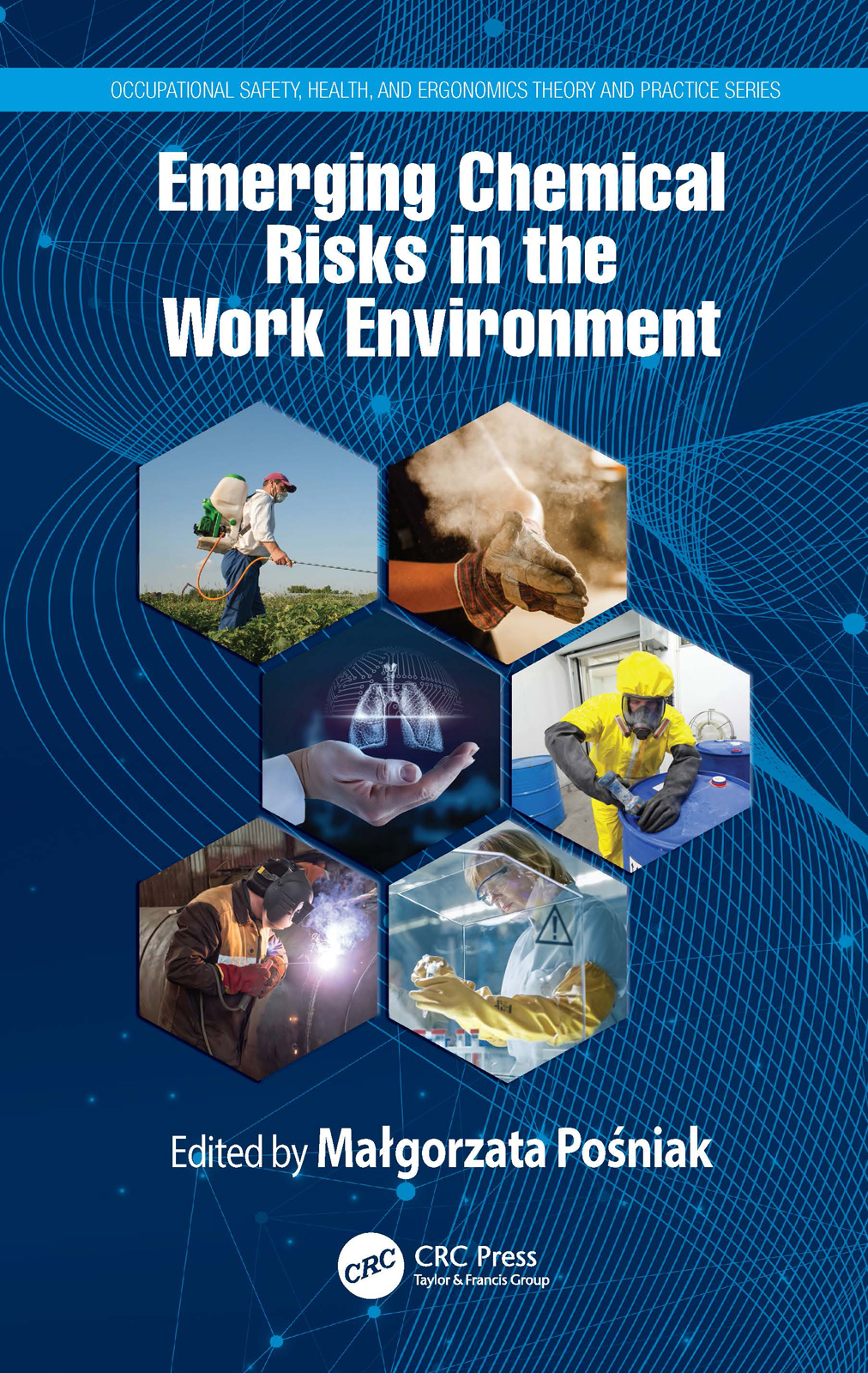
Emerging Chemical Risks in the Work Environment Around the world, the production and use of nanomaterials, as well as carcinogenic, mutagenic, reprotoxic substances (CMR) and endocrine disruptors has systematically increased. The increase in production has exposed workers to hazardous substances in practically all branches of the world economy. Readers will have access to up-to-date and comprehensive knowledge on emerging risks related to nanomaterials, endocrine disruptors, reprotoxic, carcinogenic and mutagenic substances, which are related to the development of technologies and workplaces. The book will provide the tools for occupational risk assessment of chemical substances for which there are no safety levels of exposure as well as an indication of methods and measurements to protect human health and reduce chemical risks at the workplace. This book creates awareness for employers, employees and safety experts about emerging risks related to chemical agents resulting in the reduction of cancer, reproductive system diseases, cases of abnormal child development, hormonal system disorders leading to abnormal metabolism, obesity, and diabetes. Features: Comprehensive information on emerging and newly identified chemical hazards Delivers the latest data on methods and tools for identification, assessing and reducing health risks Provides practical occupational safety advice and recommendations Real life examples from measurements carried out in the workplaces "The monograph, due to the high universality of its considerations, can be addressed to a very wide audience. It is an important compendium of knowledge, which can be used by health and safety services, employers, people designing new technologies and those interested in this issue. It is a valuable and up-to-date study, among others because it uses the latest literature and quotes current legal acts.†—Sławomir Czerczak, Nofer Institute of Occupational Medicine, Poland TECHNOLOGY & ENGINEERING,Industrial Health & Safety
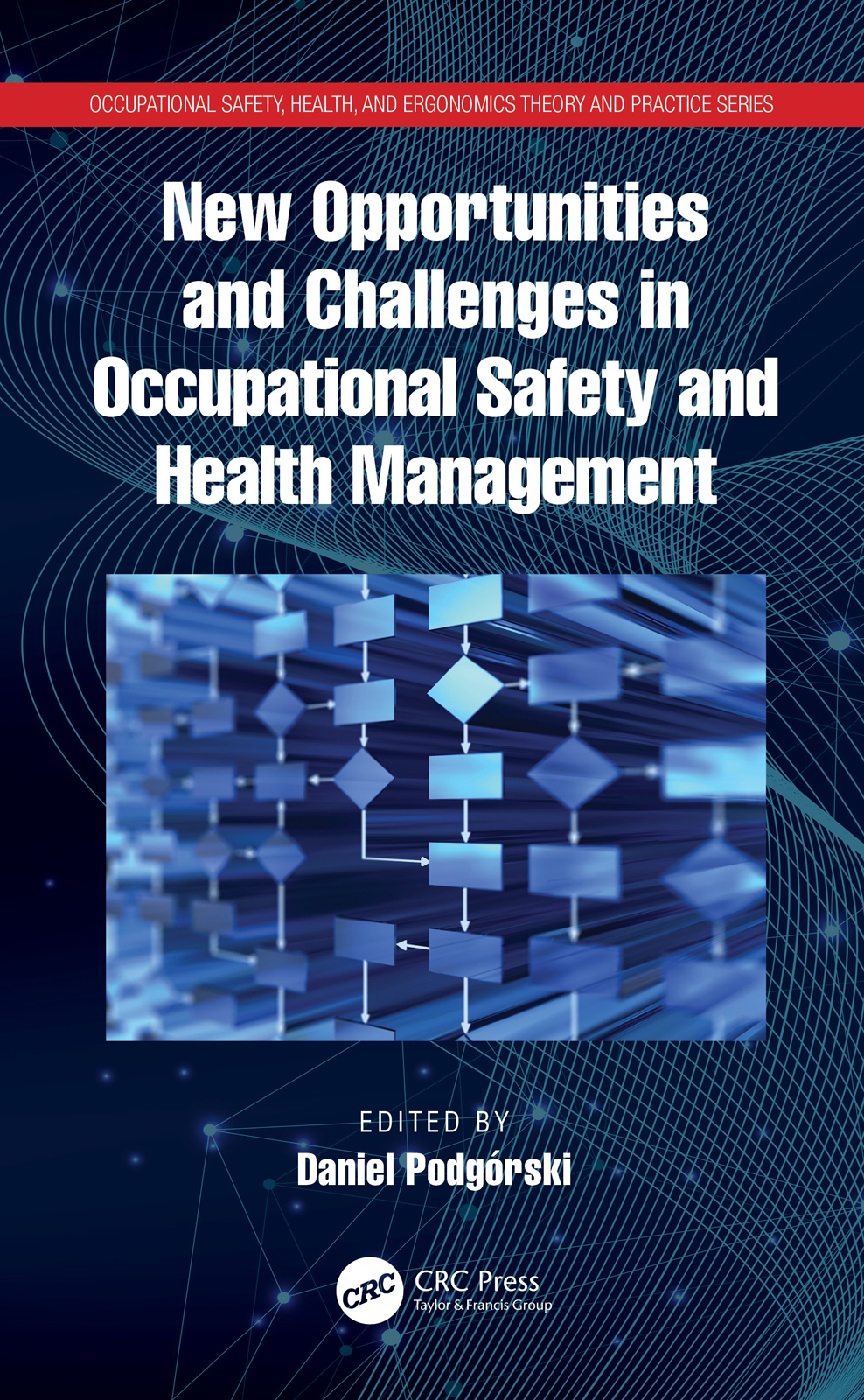
New Opportunities and Challenges in Occupational Safety and Health Management Global economy and its business environment, and thus the world of work, have recently been influenced by demographic and social changes, globalisation, as well as rapid development and introduction of novel, sophisticated and previously unknown technologies and new business models, especially in the context of the so-called fourth industrial revolution. These changes pose a number of challenges in terms of maintaining and improving occupational safety and health (OSH) management performance, as traditional approaches to OSH management in new working environments may no longer be effective. In view of the above, the overall goal of this book is to present new approaches and methods for improving the effectiveness of OSH management. They are based on state-of-the-art research and are in line with the latest trends and concepts in the field. The book focuses on five thematic areas, which are discussed in respective chapters: 1) Implementing the process approach to OSH management; 2) Improving OSH management systems with fuzzy cognitive maps; 3) Implementing strategic thinking approaches in relation to OSH management; 4) Integrating OSH management within the framework of the CSR concept; 5) Enhancing OSH management processes through the use of smart digital technologies. The methods and solutions discussed may be considered as specific "opportunities" for the improvement to be taken into account in the processes of implementing and maintaining an OSH management system in light of the requirements of the new ISO 45001 standard. TECHNOLOGY & ENGINEERING,Industrial Health & Safety
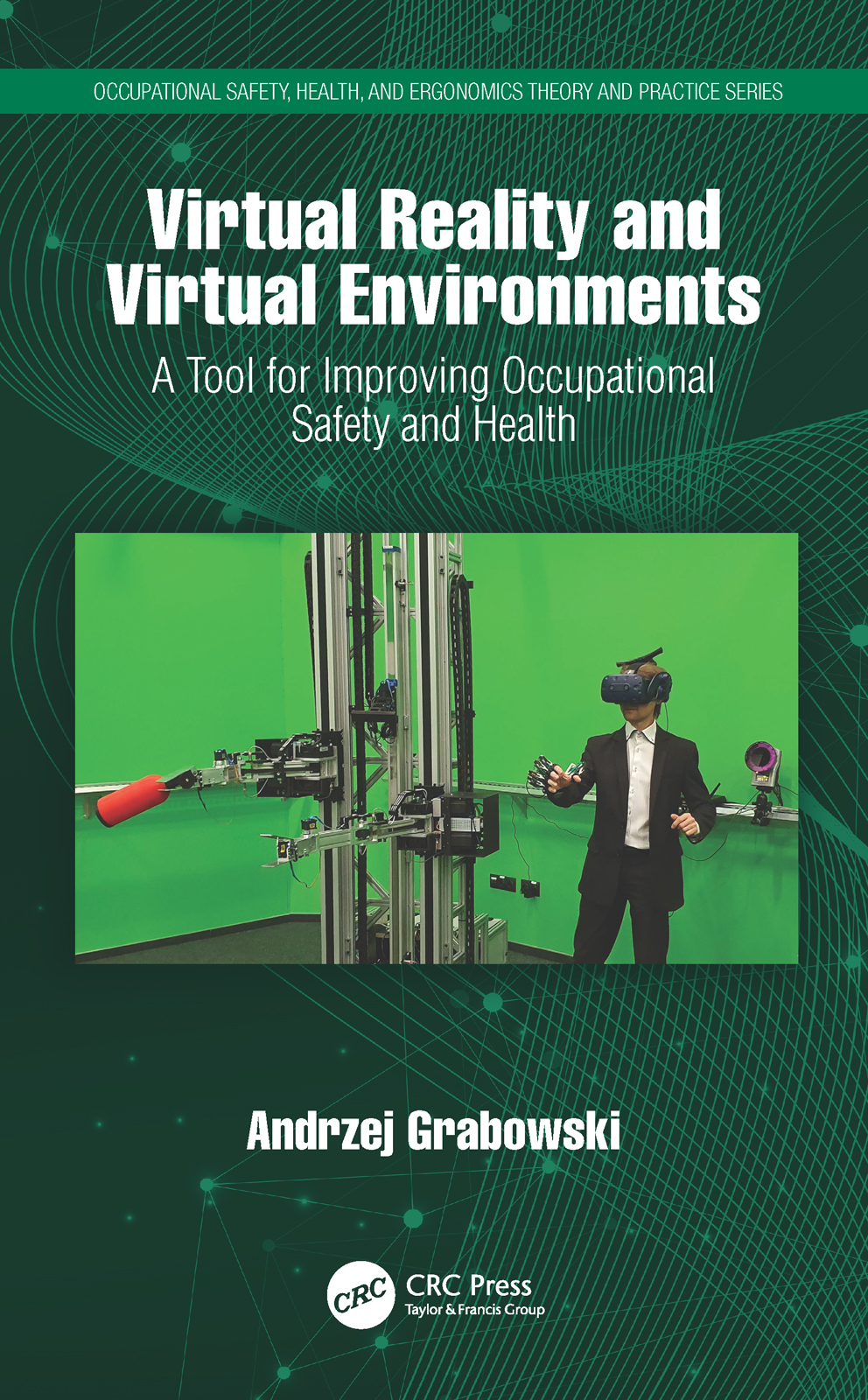
Virtual Reality and Virtual Environments Virtual reality (VR) techniques are becoming increasingly popular. The use of computer modeling and visualization is no longer uncommon in the area of ergonomics and occupational health and safety. This book explains how studies conducted in a simulated virtual world are making it possible to test new solutions for designed workstations, offering a high degree of ease for introducing modifications and eliminating risk and work-related accidents. Virtual reality techniques offer a wide range of possibilities including increasing the cognitive abilities of the elderly, adapting workstations for people with disabilities and special needs, and remote control of machines using collaborative robots. Detailed discussions include: Testing protective devices, safety systems, and the numerical reconstruction of work accidents Using computer simulation in generic virtual environments On the one hand, it is a self-study book made so by well-crafted and numerous examples. On the other hand, through a detailed analysis of the virtual reality from a point of view of work safety and ergonomics and health improvement. Ewa Grabska, Jagiellonian University, Kraków, Poland Noteworthy is the broad scope and diversity of the addressed problems, ranging from training employees using VR environments with different degrees of perceived reality; training and rehabilitation of the elderly; to designing, testing, modifying, and adapting workplaces to various needs including those of disabled workers; to simulation and investigation of the cause of accidents at a workplace. Andrzej Krawiecki, Warsaw University of Technology, Warsaw, Poland TECHNOLOGY & ENGINEERING,Industrial Health & Safety

Next Generation Safety Leadership Next Generation Safety Leadership illustrates practical applications that bring theory to life through case studies and stories from the author's years of experience in high-risk industries. The book provides safety leaders and their organisations with a compelling case for change. A key predictor of safety performance is trust, and its associated components of integrity, ability and benevolence (care). The next generation of safety leaders will take the profession forward by creating trust and psychological safety. The book provides safety leaders with actionable goals to enable positive change and translates academic languages into practical applications. It leaves the reader with a clear strategy to move forward in developing a safety plan and utilizes stories, humor, and case studies set in high-risk industries. Written primarily for the safety community and can be used to influence day to day safety operations in high-risk organisations. TECHNOLOGY & ENGINEERING,Industrial Health & Safety
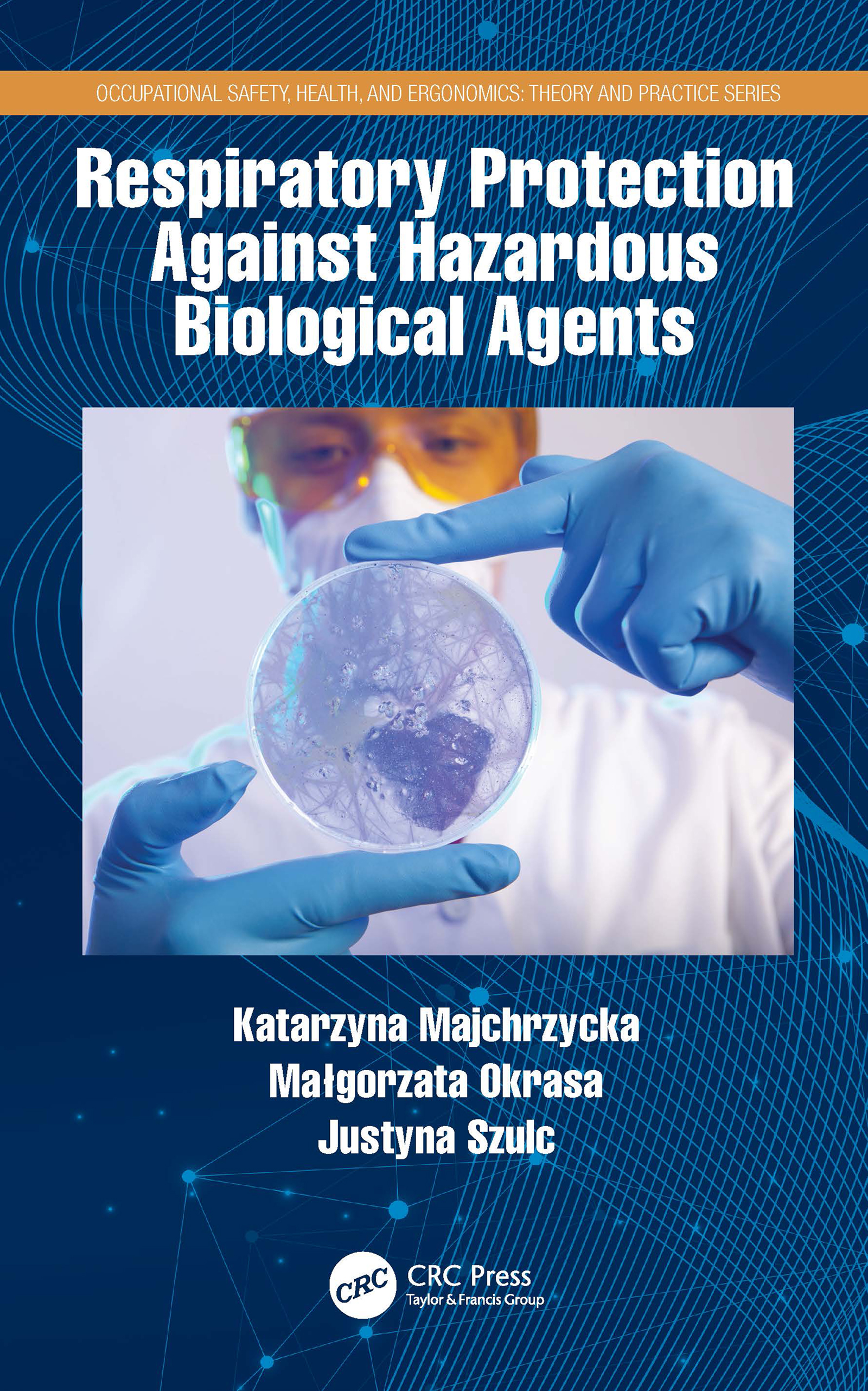
Respiratory Protection Against Hazardous Biological Agents ‘Protection against harmful bioaerosol is one of today’s major concerns. This applies both to people inside and outside the work environment. In this book, renowned scientists provide up-to-date and authoritative reviews of the latest scientific research and practice that has contributed to our understanding of the harmfulness of the bioaerosol and protection against it. A detailed discussion of bioaerosol protection methods and equipment as well as presenting future trends in prognostic modelling are the undeniable value of this monograph. This comprehensive book is indispensable for anyone involved in occupational and environmental hygiene, biological hazard, recognition and control in occupational and public environments’. — Bogumił Brycki, Adam Mickiewicz University The threats of biological airborne hazards are a global danger throughout the world today. Respiratory Protection Against Hazardous Biological Agents covers sources and practices of bioaerosol sampling, and discusses the prevention of these airborne hazards. The most common workplace hazard is poor air quality. The book provides the basic principles of a safe work environment in the conditions where workers might be exposed to harmful bioaerosols. It presents key characteristics of biological hazards and their effects on the human body. It examines microbial growth in filtering materials and provides the details of specific risks for users of respiratory protective devices. The book will present the reader a guide on how to measure the risk of exposure of biological agents and properly select respiratory protective devices. The book is ideal for the health and safety professionals and experts in the field of environmental health. FEATURES: Evaluates the risk of exposure to biological agents Describes the characteristics of biological factors and their effects on the human body Provides training on the importance of respiratory protective devices Examines microorganisms in the work environment Provides examples and case studies TECHNOLOGY & ENGINEERING,Industrial Health & Safety

Head, Eye, and Face Personal Protective Equipment Head, Eye, and Face Personal Protective Equipment: New Trends, Practice, and Applications presents protective equipment in the context of the latest design trends, materials, and technologies. It informs the reader using basic safety principles to avoid issues with commonly used personal protective equipment (PPE), such as helmets and eye and face protectors. It provides the latest design trends in eye and face protectors to avoid optical hazards and for use in variable lighting conditions. Features: • Fills the gap on current solutions of PPE and occupational safety • Educates in reducing risk connected with using industrial safety gear • Helpful to optometrists in the selection of eye protection for people with visual impairments • Instructs the reader on choosing smart materials and safety products • Provides best practices for checking the technical condition of the equipment This book is essential for the safety professional and medical experts in the field. It provides an interdisciplinary approach to personal protective equipment using new technologies in the field. "The monograph Head, Eye, and Face Personal Protective Equipment - New Trends, Practice and Applications is a complementary and thoughtful but selected compilation of the most relevant information concerning protective helmets as well as eye and face protection. The compilation of these two protection types is the result of the common use of both protective helmets and eye and face protectors. This requires their full compatibility, both in terms of ensuring optimum safety and comfort of use. The authors have chosen the material according to the needs of people directly responsible for safety at work and users of those protectors. The main aim of the work is to popularise knowledge in the field of construction, research methods, selection and use of protective helmets and eye and face protectors. In terms of use, the authors emphasise the necessity of independent control, i.e. checking the technical condition of the equipment used by the end users. The presented monograph includes the current state of knowledge in this scope, extended by the results and summaries of the authors' own research. All requirements and research methods are given based on European (EN), international (ISO) standards and standards operating in different geographical areas. The monograph also encompasses new trends in the design of protective helmets and eye and face protectors. All this allows me to emphasize the uniqueness of this monograph in relation to previous publications in this field, both in terms of the scope and selection of information concerning protective helmets and eye and face protectors."— Ryszard Korycki, Åódź University of Technology TECHNOLOGY & ENGINEERING,Industrial Health & Safety

Visual and Non-Visual Effects of Light The introduction of artificial lighting extends the time of wakefulness after dark and enables work at night, thus disturbing the human circadian rhythm. The understanding of the physiological mechanisms of visual and non-visual systems may be important for the development and use of proper light infrastructure and light interventions for different workplace settings, especially for shift work conditions. Visual and Non-Visual Effects of Light: Working Environment and Well-Being presents the impact of lighting in the working environment on human health, well-being and visual performance. The physiological explanation of the visual and non-visual effects of light on humans which discusses the biological bases of image and non-image forming vision at the cellular level may be of particular interest to any professional in the field of medicine, physiology, and biology. It is one of the intentions of this book to put forward some recommendations and examples of lighting design which take into account both the visual and non-visual effects of light on humans. These may be of particular interest to any professional in the field of lighting, occupational safety and health, and interior design. "What effects on health can a light ‘overdose’ or light deficiency have? What is bad light? The authors of the monograph provide answers to these questions. Just as for a physicist, the dual nature of light comprises an electromagnetic wave and a photon, the duality of light for a physician comprises visual and non-visual effects." --------------------------------------------------------Prof Jacek Przybylski, Medical University of Warsaw "This is a unique publication in the field of lighting technology. The authors have skillfully combined both the technical and biomedical aspects involved, which is unprecedented in the literature available. As a result, an important study has been created for many professional groups, with a significant impact on the assessment of risks associated with LED sources." --------------------------------------------Prof Andrzej Zając, Military University of Technology, Warsaw TECHNOLOGY & ENGINEERING,Industrial Health & Safety
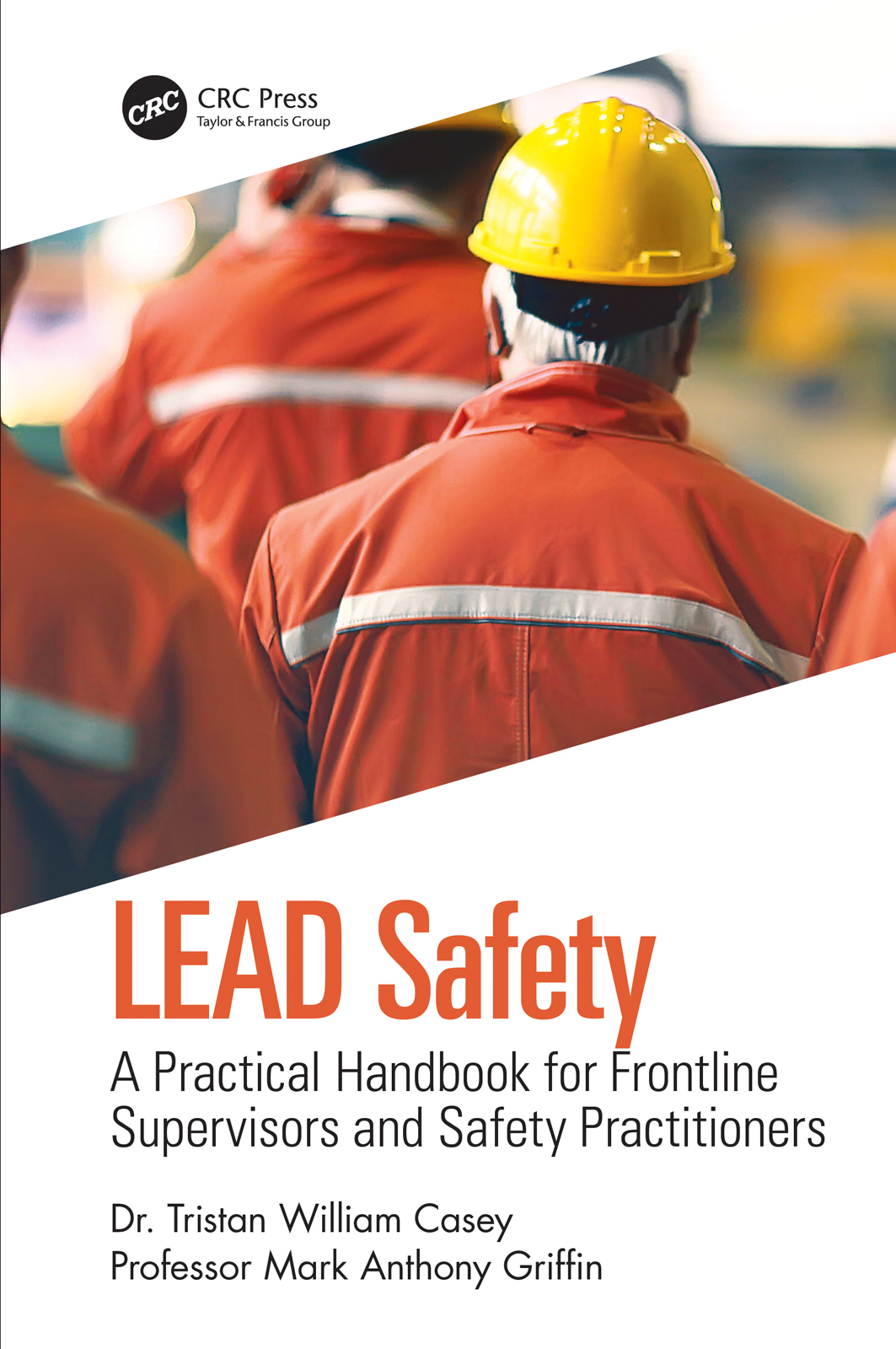
LEAD Safety LEAD Safety concentrates on self-development and education in safety leadership. It takes safety leadership in an exciting new direction, with practical tools that will give organisations the skills they need to make a difference in their safety program. The book provides a non-technical overview of safety leadership and outlines the core skills safety managers should demonstrate and practice. Organisations will see improvements in engagement, morale, trust, and motivation in the workplace.Readers will gain an appreciation of a new and evidence-based safety leadership model, as well as formulate a personalized action plan to improve safety in their workplace. TECHNOLOGY & ENGINEERING,Industrial Health & Safety
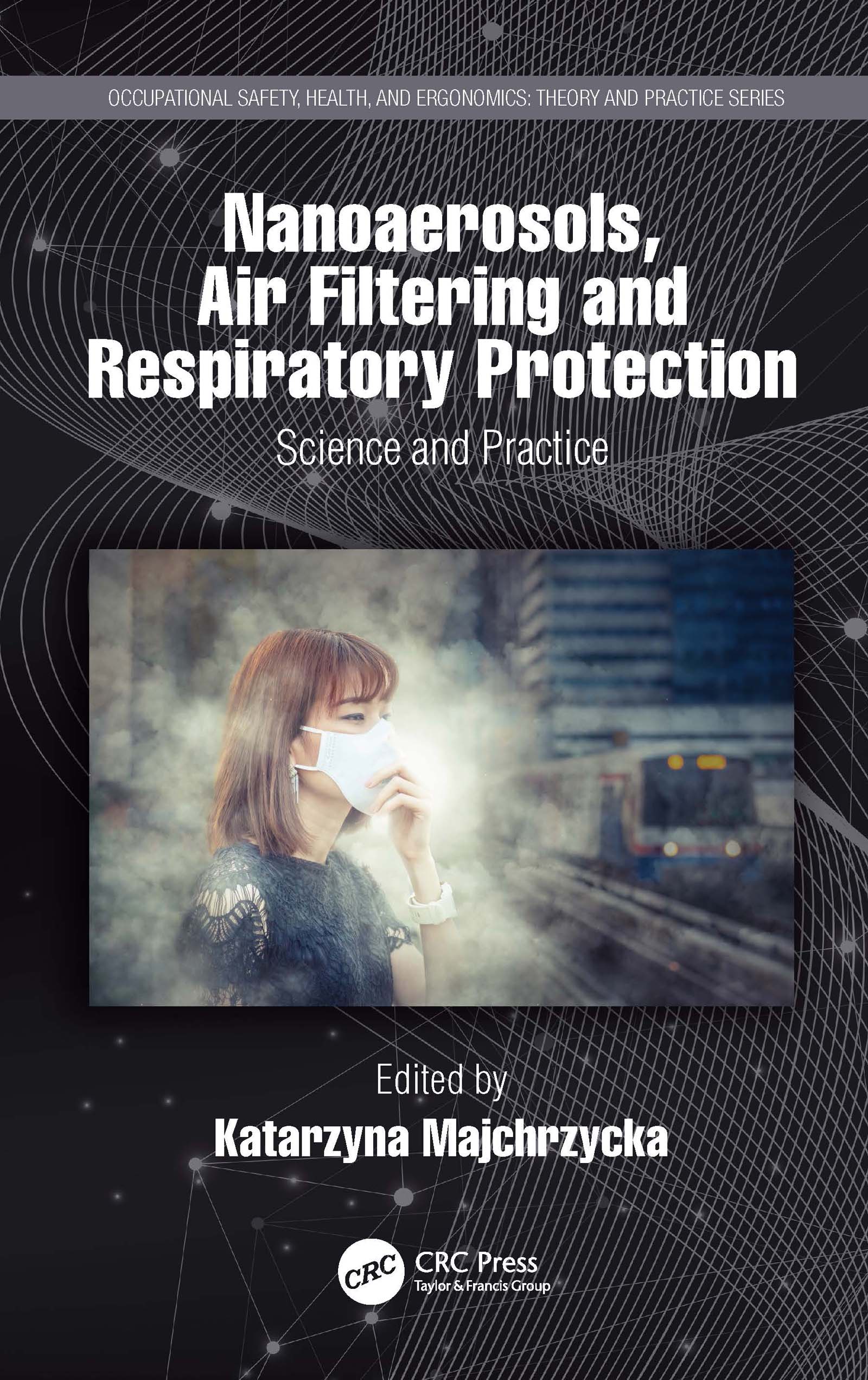
Nanoaerosols, Air Filtering and Respiratory Protection Recent toxicological studies show that nanoparticles released in technological processes and combustion processes outside industry can be dangerous for humans especially when entering the body through the mouth and nose. In connection with the above, the use of adequately effective respiratory protection equipment is of great importance in prophylactic and preventive activities. The first part of Nanoaerosols, Air Filtering and Respiratory Protection: Science and Practice refers to the general phenomena of filtration described on the basis of the authors’ own experience and international reports. The book also includes a description of the respiratory system and principles of its functioning and the accumulation of aerosol particles. It goes on to discuss technological innovations regarding the production of filtering materials for protection against nanoparticles and the latest test methods. Finally, the book contains information about the proper selection and use of respiratory protective devices against airborne nanoparticles in the workplace and everyday life. Special attention is paid to proper fit procedures as well as use and maintenance activities of such devices. The content of the book with rich illustrative material has been presented so that it can be used by health and safety experts, students as well as employers, employees and private users of respiratory protective devices. "Through a comprehensive approach to the subject of the work, the authors present theoretical foundations as well as practical solutions that are used in the research and development of personal respiratory protection. The complementarity of the information contained in the book will allow the reader to become familiar with a wide range of knowledge related to the design and manufacture as well as assessment of properties and procedures for the use of respiratory protection against the adverse effects of aerosols, including air contaminated with nanoparticles and microparticles. In my opinion the book is a valuable part of the series Occupational Safety, Health, and Ergonomics: Theory and Practice , published by Taylor & Francis." —Maciej BoguÅ„, ÅUKASIEWICZ – The Textile Research Institute, Åódź TECHNOLOGY & ENGINEERING,Industrial Health & Safety
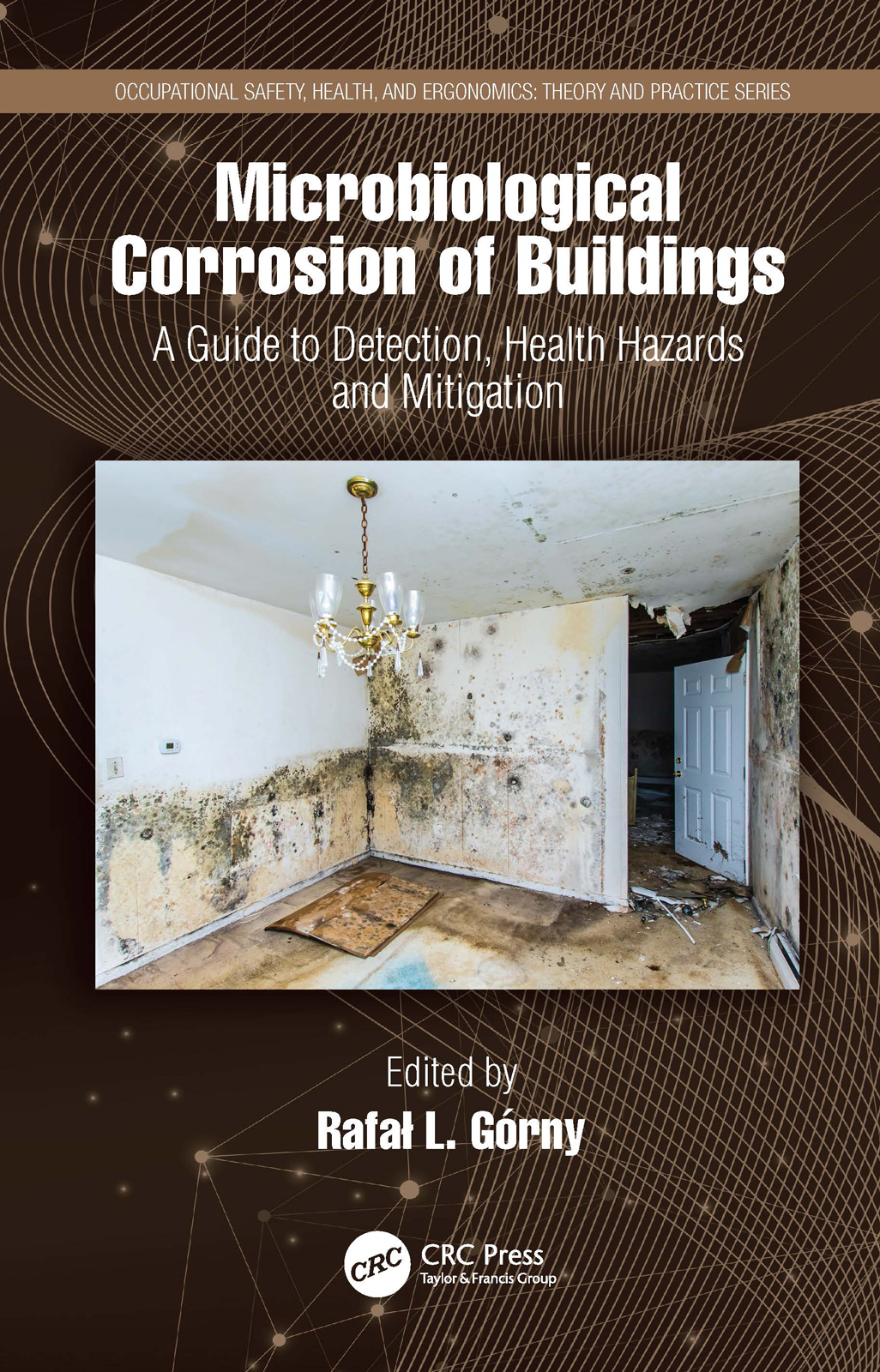
Microbiological Corrosion of Buildings Environmental stress caused by water continuously exposes buildings to microbial colonization. This is highly evident when both minor dampness and mass flooding occur. The text describes how microbiological corrosion of buildings and the structures and substances derived from these hazards are responsible for adverse health effects on people exposed to these contaminated environments. Microbiological Corrosion of Buildings: A Guide to Detection, Health Hazards, and Mitigation describes the key elements and methods for neutralising and removing microbiological contamination, and the operating algorithm for checking the effectiveness of preventative solutions. Ideal for construction engineers, microbiologists and professionals in the field. Features: Latest methods for detection of indoor microbial hazards Identifies the tools needed for natural, non-destructive and non-invasive methods of bio-corrosion removal Describes the social and health problems associated with exposure to microbiological hazards Provides case studies and examples of microorganisms responsible for microbial corrosion. ‘Climate change and the associated adverse effects, such as floods and whirlwinds, make the problem of microbiological corrosion of buildings that generates health risks and economic losses on a global scale, the focus of science and technology. The monograph presents a complex problem of building bio-corrosion, that requires knowledge of the distant fields of microbiology and building technology, for the use of both scientists and practitioners. This pioneering work of an interdisciplinary nature harmoniously combines knowledge on specific microbiological issues relating to the process of bio-corrosion and the associated health risks with detailed issues of construction technology concerning the prevention of bio-corrosion and its removal. The authors succeeded in combining a very high scientific level in the monograph with an accessible and understandable presentation of complex problems. The extensive references, ranging from "classical" items from many years ago to the most recent articles presenting the state of the art in this field, are worth emphasising.’ —Prof. Jacek Dutkiewicz, Ph.D., D.Sc., Institute of Rural Health in Lublin TECHNOLOGY & ENGINEERING,Industrial Health & Safety
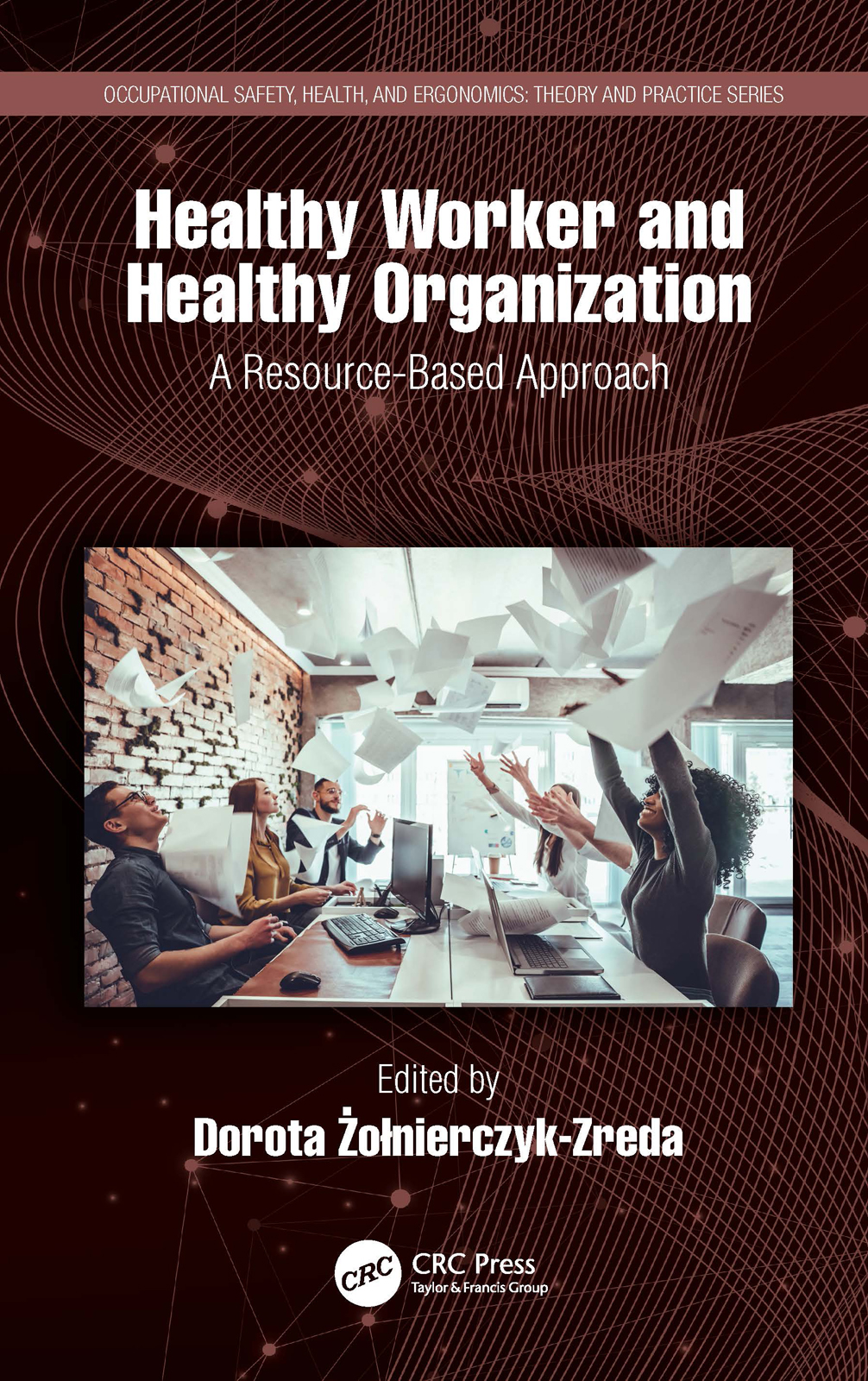
Healthy Worker and Healthy Organization This book presents research on the determinants of workers’ health (physical and mental well-being) and the organization’s health (performance and culture). It addresses the impact of psychosocial working conditions on workers’ well-being, and their performance, productivity, innovation, and morale at work. Discusses how to manage workers to enable them to be engaged and creative Raises employee awareness on how to maintain good physical and mental health at work Covers how to work beyond retirement age Presents how to design a work environment that prevents counterproductive behaviors Covers work–life balance and how it can affect work This book is aimed at professionals, postgraduate students, scientists, and practitioners in the fields of work and health psychology, management, occupational health and safety, and human resource management. TECHNOLOGY & ENGINEERING,Industrial Health & Safety
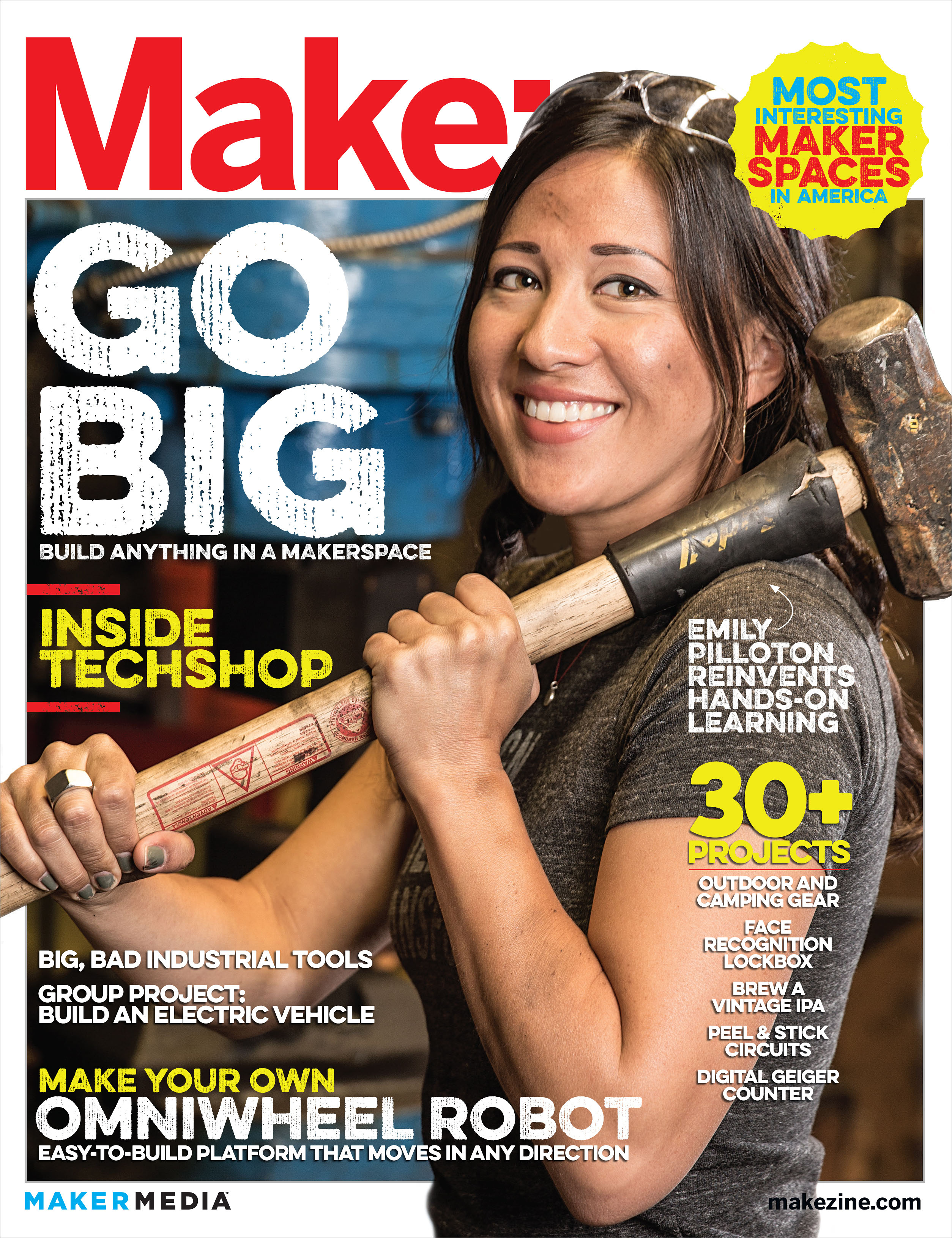
Make Makers never had it so good! Tools available to makers are getting increasingly sophisticated and specific, more accessible, and less expensive. Makers can also add the "big tools" to their toolboxes--those typically only available at their local makerspaces. As making becomes more prolific, makerspaces are experiencing exponential growth across the U.S. Learn about these tools and the makerspaces where you can learn to use them: CNC machines Laser cutters Plasma torches 3D printers woodworking tools In addition, this issue covers new microcontroller platforms, and projects like a beer-delivering robot and submarine simulator. TECHNOLOGY & ENGINEERING,Industrial Technology
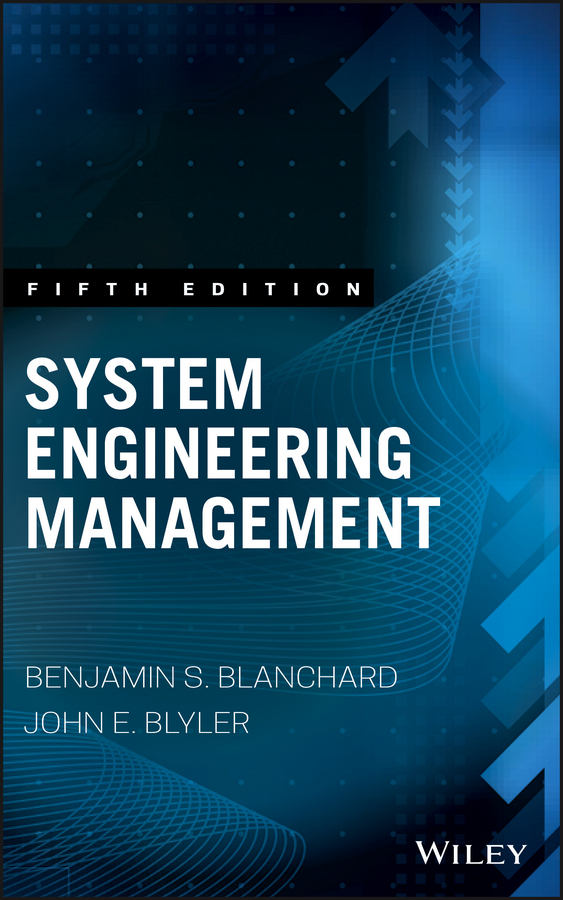
System Engineering Management A practical, step-by-step guide to total systems management Systems Engineering Management, Fifth Edition is a practical guide to the tools and methodologies used in the field. Using a "total systems management" approach, this book covers everything from initial establishment to system retirement, including design and development, testing, production, operations, maintenance, and support. This new edition has been fully updated to reflect the latest tools and best practices, and includes rich discussion on computer-based modeling and hardware and software systems integration. New case studies illustrate real-world application on both large- and small-scale systems in a variety of industries, and the companion website provides access to bonus case studies and helpful review checklists. The provided instructor's manual eases classroom integration, and updated end-of-chapter questions help reinforce the material. The challenges faced by system engineers are candidly addressed, with full guidance toward the tools they use daily to reduce costs and increase efficiency. System Engineering Management integrates industrial engineering, project management, and leadership skills into a unique emerging field. This book unifies these different skill sets into a single step-by-step approach that produces a well-rounded systems engineering management framework. Learn the total systems lifecycle with real-world applications Explore cutting edge design methods and technology Integrate software and hardware systems for total SEM Learn the critical IT principles that lead to robust systems Successful systems engineering managers must be capable of leading teams to produce systems that are robust, high-quality, supportable, cost effective, and responsive. Skilled, knowledgeable professionals are in demand across engineering fields, but also in industries as diverse as healthcare and communications. Systems Engineering Management, Fifth Edition provides practical, invaluable guidance for a nuanced field. TECHNOLOGY & ENGINEERING,Industrial Technology
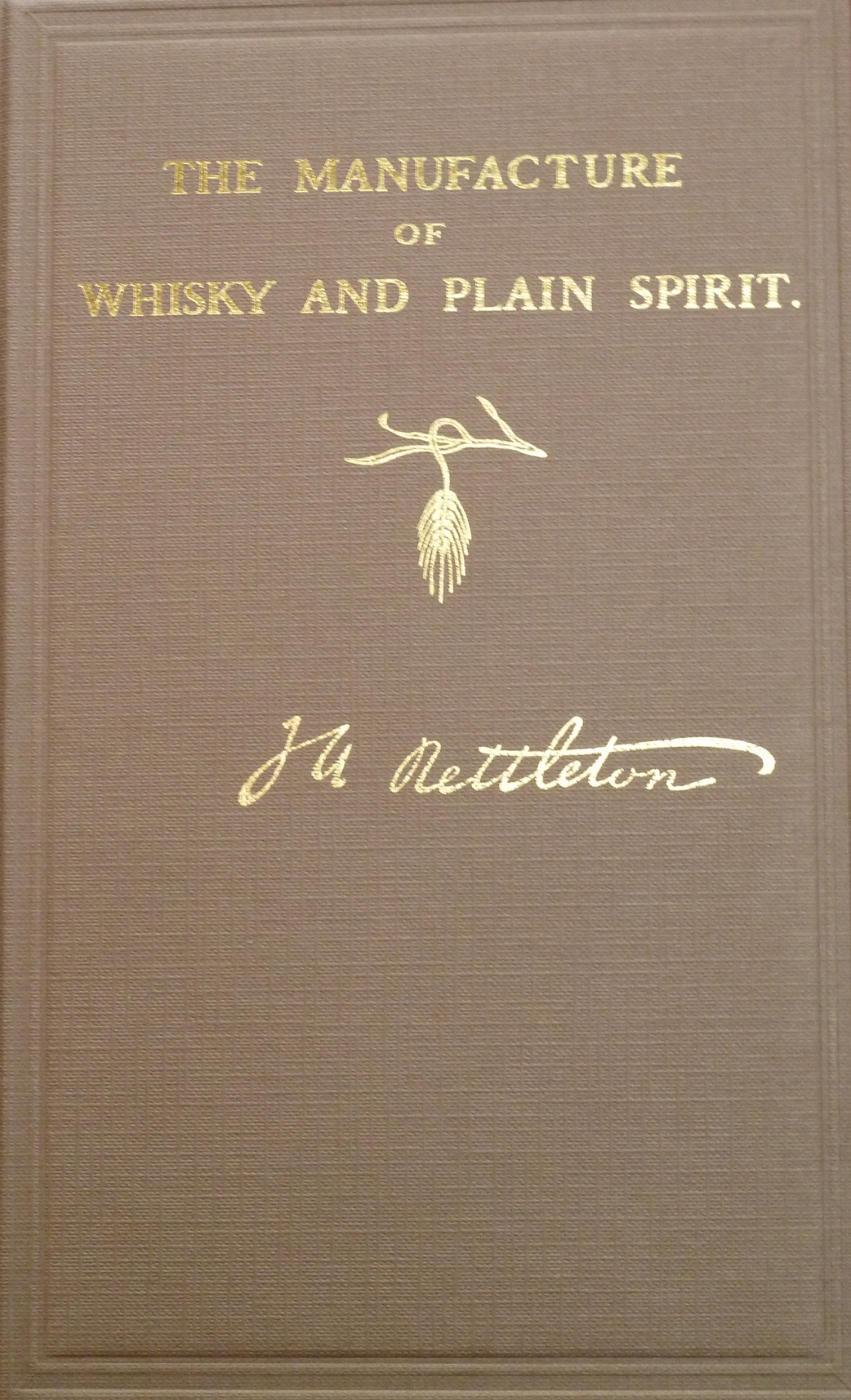
The Manufacture of Whisky and Plain Spirit Nettleton's contribution to the heritage of Scotch whisky cannot be ignored. In this remarkable work he presents an insight into the state of the industry just prior to the Great War which covers all aspects of production in the distilleries active in Ireland, England and Scotland at that time. It is regarded as the seminal work on the production of whisky and should form an integral part of the library of any student of distilling, whether professional or amateur. TECHNOLOGY & ENGINEERING,Industrial Technology
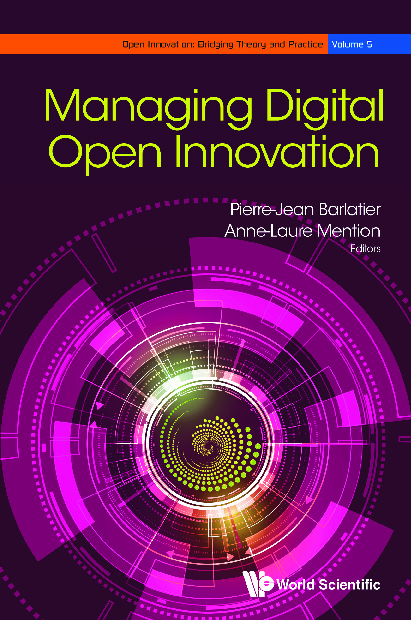
Managing Digital Open Innovation Recent developments of Internet-based digital technologies have revealed a huge potential of developing open, collaborative and network-centred innovation. However, firms face major challenges in using new technologies for rapid prototyping, data-mining, simulation, visualization, etc. to support their Open Innovation strategies.Responding to the need for further conceptual and empirical research on technology-enhanced open innovation, this book provides fresh and topical insights on how firms from different sectors have successfully implemented digital technologies for Open Innovation. Based on rich empirical data, this book discusses the benefits and drawbacks, the processes, the characteristics and the management practices of ICT-driven Open Innovation in private as well as public organizations. TECHNOLOGY & ENGINEERING,Industrial Technology
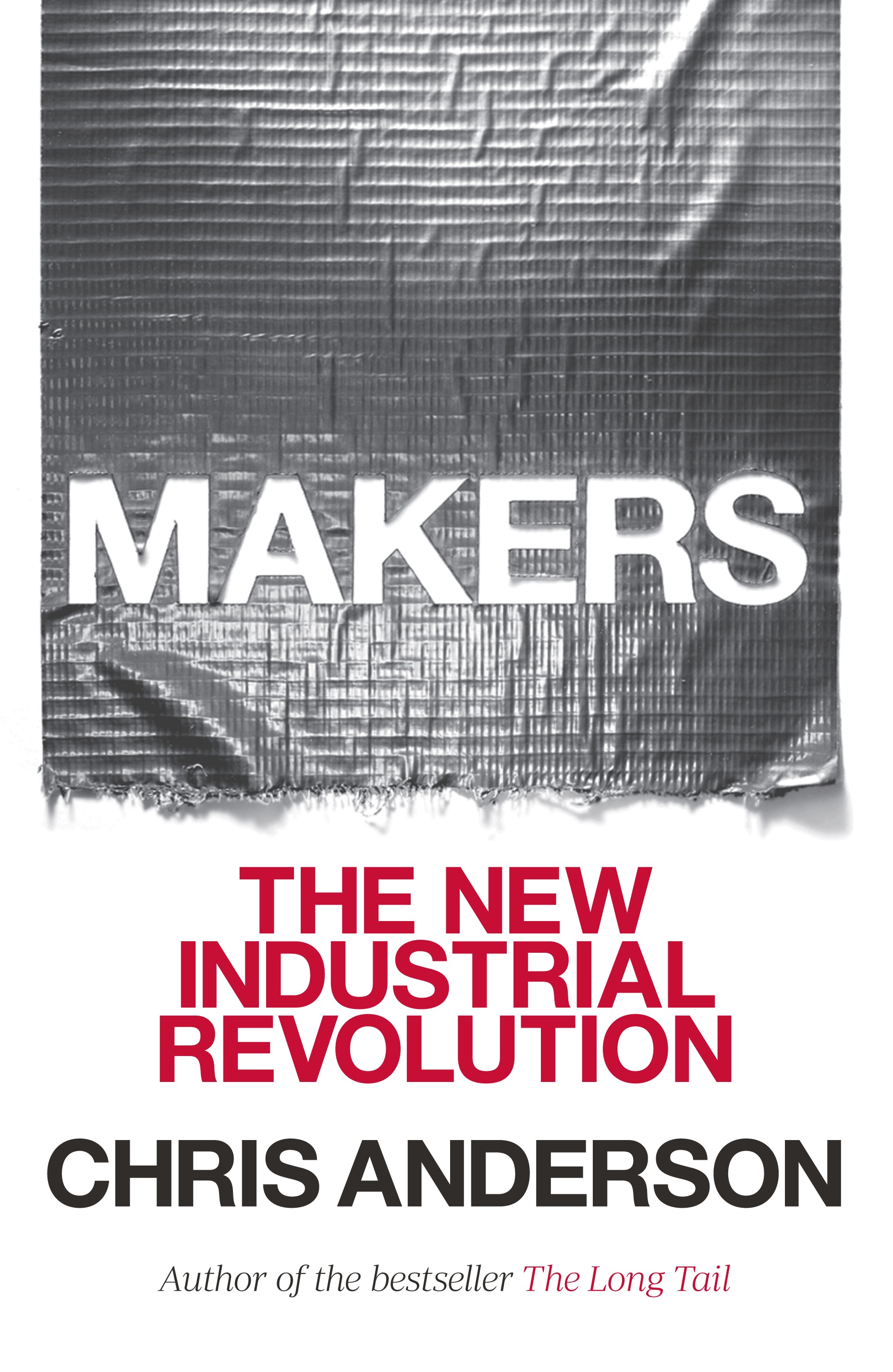
Makers 3D Robotics co-founder and bestselling author Chris Anderson takes you to the front lines of a new industrial revolution as today’s entrepreneurs, using open source design and 3-D printing, bring manufacturing to the desktop. In an age of custom-fabricated, do-it-yourself product design and creation, the collective potential of a million garage tinkerers and enthusiasts is about to be unleashed, driving a resurgence of American manufacturing. A generation of “Makers” using the Web’s innovation model will help drive the next big wave in the global economy, as the new technologies of digital design and rapid prototyping gives everyone the power to invent--creating “the long tail of things”. TECHNOLOGY & ENGINEERING,Inventions
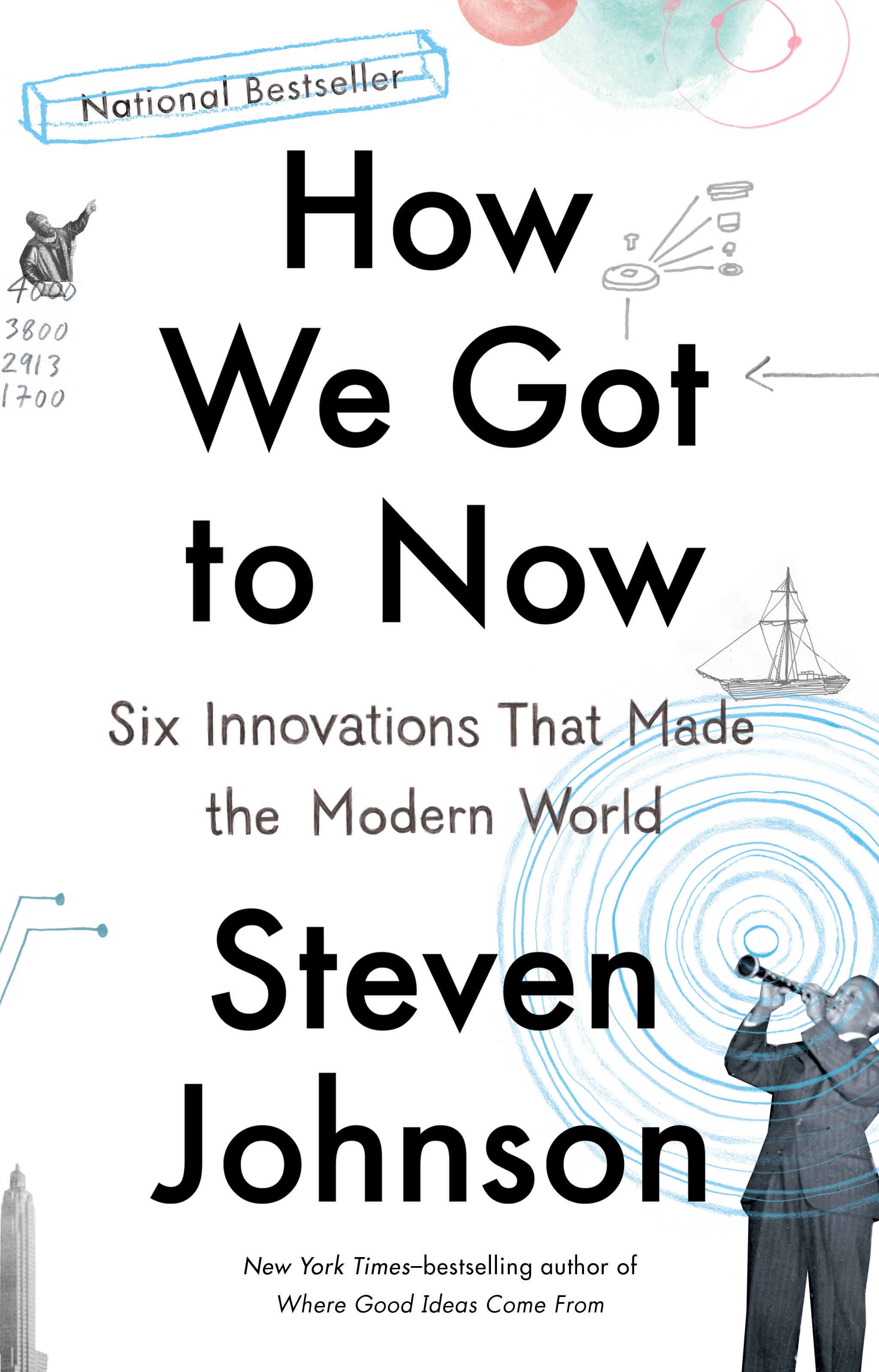
How We Got to Now From the New York Times–bestselling author of Where Good Ideas Come From and Unexpected Life, a new look at the power and legacy of great ideas. In this illustrated history, Steven Johnson explores the history of innovation over centuries, tracing facets of modern life (refrigeration, clocks, and eyeglass lenses, to name a few) from their creation by hobbyists, amateurs, and entrepreneurs to their unintended historical consequences. Filled with surprising stories of accidental genius and brilliant mistakes—from the French publisher who invented the phonograph before Edison but forgot to include playback, to the Hollywood movie star who helped invent the technology behind Wi-Fi and Bluetooth—How We Got to Now investigates the secret history behind the everyday objects of contemporary life. In his trademark style, Johnson examines unexpected connections between seemingly unrelated fields: how the invention of air-conditioning enabled the largest migration of human beings in the history of the species—to cities such as Dubai or Phoenix, which would otherwise be virtually uninhabitable; how pendulum clocks helped trigger the industrial revolution; and how clean water made it possible to manufacture computer chips. Accompanied by a major six-part television series on PBS, How We Got to Now is the story of collaborative networks building the modern world, written in the provocative, informative, and engaging style that has earned Johnson fans around the globe. TECHNOLOGY & ENGINEERING,Inventions
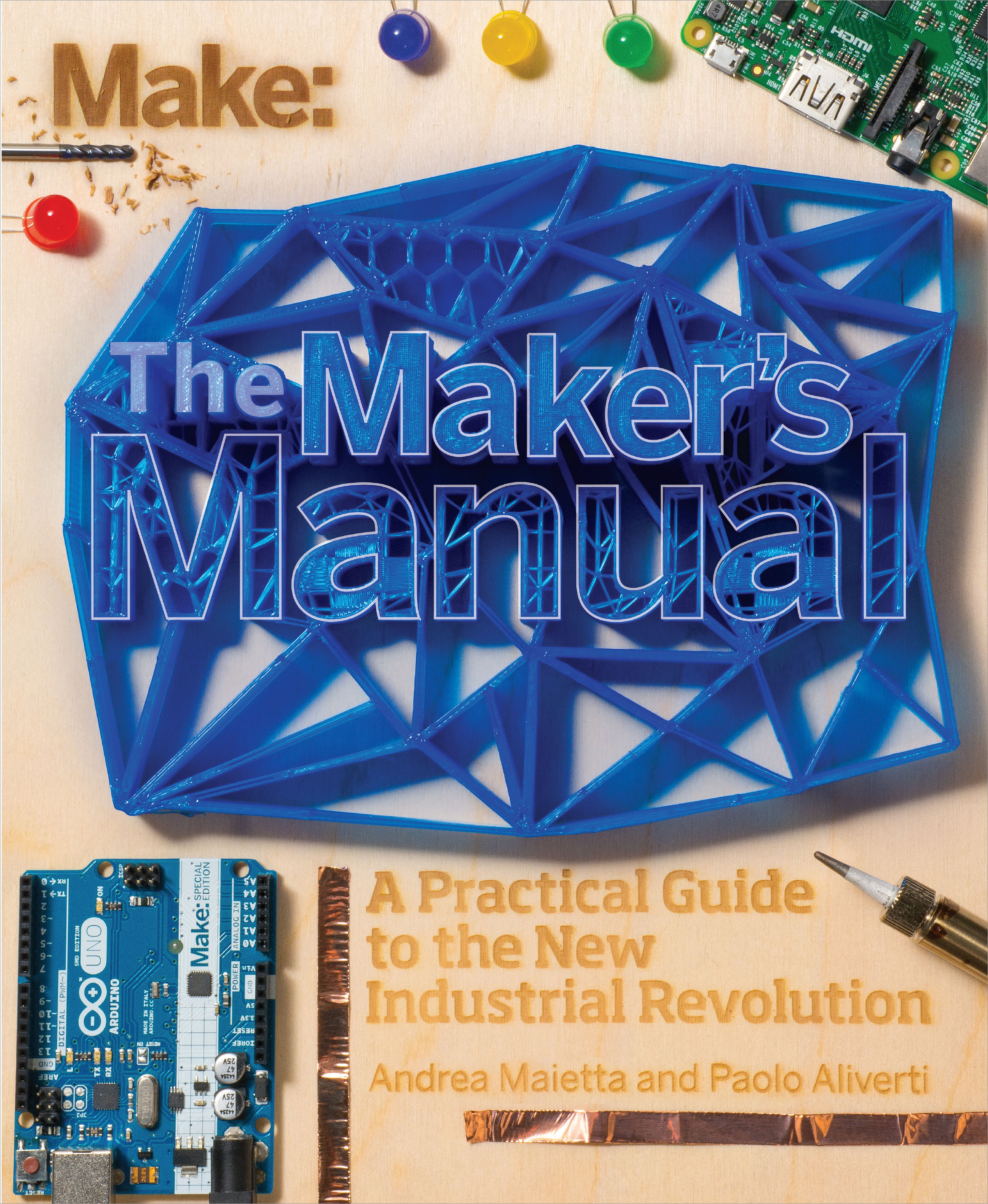
The Maker's Manual The Maker's Manual is a practical and comprehensive guide to becoming a hero of the new industrial revolution. It features dozens of color images, techniques to transform your ideas into physical projects, and must-have skills like electronics prototyping, 3d printing, and programming. This book's clear, precise explanations will help you unleash your creativity, make successful projects, and work toward a sustainable maker business. Written by the founders of Frankenstein Garage, which has organized courses since 2011 to help makers to realize their creations, The Maker's Manual answers your questions about the Maker Movement that is revolutionizing the way we design and produce things. TECHNOLOGY & ENGINEERING,Inventions

Defying Reality A fascinating exploration of the history, development, and future of virtual reality, a technology with world-changing potential, written by award-winning journalist and author David Ewalt, stemming from his 2015 Forbes cover story about the Oculus Rift and its creator Palmer Luckey. You’ve heard about virtual reality, seen the new gadgets, and read about how VR will be the next big thing. But you probably haven’t yet realized the extent to which this technology will change the way we live. We used to be bound to a physical reality, but new immersive computer simulations allow us to escape our homes and bodies. Suddenly anyone can see what it’s like to stand on the peak of Mount Everest. A person who can’t walk can experience a marathon from the perspective of an Olympic champion. And why stop there? Become a dragon and fly through the universe. But it’s not only about spectacle. Virtual and augmented reality will impact nearly every aspect of our lives—commerce, medicine, politics—the applications are infinite. It may sound like science fiction, but this vision of the future drives billions of dollars in business and is a top priority for such companies as Facebook, Google, and Sony. Yet little is known about the history of these technologies. In Defying Reality, David M. Ewalt traces the story from ancient amphitheaters to Cold War military laboratories, through decades of hype and failure, to a nineteen-year-old video game aficionado who made the impossible possible. Ewalt looks at how businesses are already using this tech to revolutionize the world around us, and what we can expect in the future. Writing for a mainstream audience as well as for technology enthusiasts, Ewalt offers a unique perspective on VR. With firsthand accounts and on-the-ground reporting, Defying Reality shows how virtual reality will change our work, our play, and the way we relate to one another. TECHNOLOGY & ENGINEERING,Inventions

Soonish The instant New York Times bestseller! A Wall Street Journal Best Science Book of the Year! A Popular Science Best Science Book of the Year! From a top scientist and the creator of the hugely popular web comic Saturday Morning Breakfast Cereal, a hilariously illustrated investigation into future technologies -- from how to fling a ship into deep space on the cheap to 3D organ printing What will the world of tomorrow be like? How does progress happen? And why do we not have a lunar colony already? What is the hold-up? In this smart and funny book, celebrated cartoonist Zach Weinersmith and noted researcher Dr. Kelly Weinersmith give us a snapshot of what's coming next -- from robot swarms to nuclear fusion powered-toasters. By weaving their own research, interviews with the scientists who are making these advances happen, and Zach's trademark comics, the Weinersmiths investigate why these technologies are needed, how they would work, and what is standing in their way. New technologies are almost never the work of isolated geniuses with a neat idea. A given future technology may need any number of intermediate technologies to develop first, and many of these critical advances may appear to be irrelevant when they are first discovered. The journey to progress is full of strange detours and blind alleys that tell us so much about the human mind and the march of civilization. To this end, Soonish investigates ten different emerging fields, from programmable matter to augmented reality, from space elevators to robotic construction, to show us the amazing world we will have, you know, soonish. Soonish is the perfect gift for science lovers for the holidays! TECHNOLOGY & ENGINEERING,Inventions
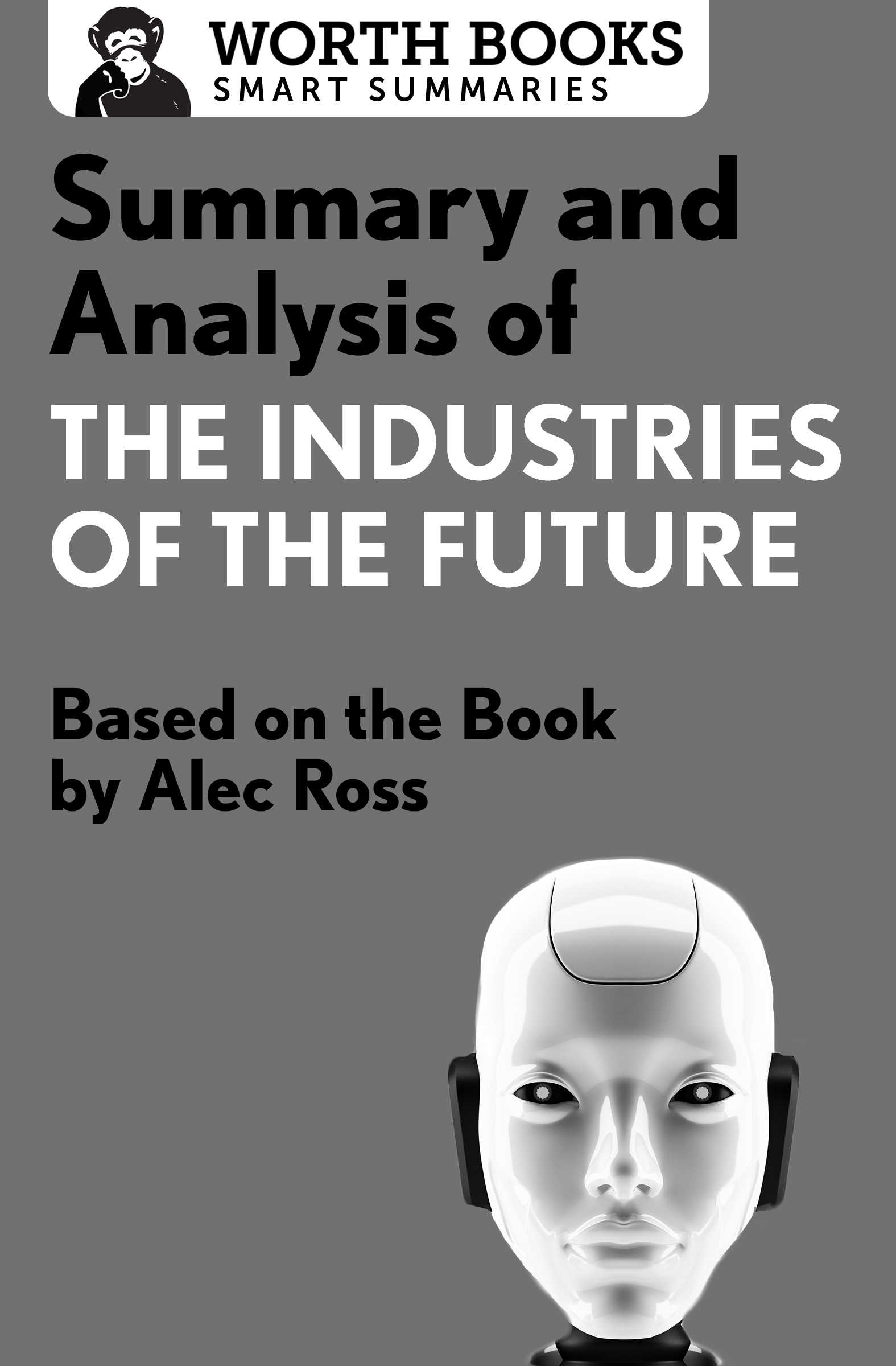
Summary and Analysis of The Industries of the Future So much to read, so little time? This brief overview of The Industries of the Future tells you what you need to know—before or after you read Alec Ross’s book. Crafted and edited with care, Worth Books set the standard for quality and give you the tools you need to be a well-informed reader. This short summary and analysis of The Industries of the Future includes: Historical context Chapter-by-chapter overviews Important quotes Fascinating trivia Supporting material to enhance your understanding of the original work About The Industries of the Future by Alec Ross: Alec Ross, a leading expert in innovation and technology, explores what he predicts to be the next twenty years of advancements. Discussing robotics, genomic sequencing, cryptocurrency, cybersecurity, big data, and domain expertise, Ross dives into the most exciting possibilities that will transform our lives—especially our jobs. With all of the technological achievements to come, he reflects on what these changes will mean to people—who will benefit and who will be left behind. The summary and analysis in this ebook are intended to complement your reading experience and bring you closer to a great work of nonfiction. TECHNOLOGY & ENGINEERING,Inventions

Plato's Alarm Clock We all like to think we are pretty smart. New medical advances seem to come along every day; space travel suddenly doesn’t seem so difficult; self-driving cars are no longer a thing of the future … but if we were stranded on a desert island tomorrow, most of us wouldn’t know how to catch a fish or start a fire, let alone rebuild all that extraordinary technology we now rely on.The truth is that we’re not necessarily more clever than our ancestors, we just have an accumulation of centuries of technological progress on which we can rely. As this book shows, many of the ancients were much more advanced that we realize – indeed there are recent inventions that had actually been discovered centuries earlier and then forgotten. And what about all those modern day devices and machines that rely on ancient inventions such as paper, levers and gears?From brain surgery in the Stone Age to Chinese whisky from the 7th century BC, to Damascus steel – once the hardest metal in the world, which we no longer know how to make – this insightful book collects together the stories of hundreds of ancient devices, inventions and breakthroughs from around the world and across the centuries, giving us a fascinating glimpse into past eras that were far more technologically advanced than we sometimes realize. TECHNOLOGY & ENGINEERING,Inventions
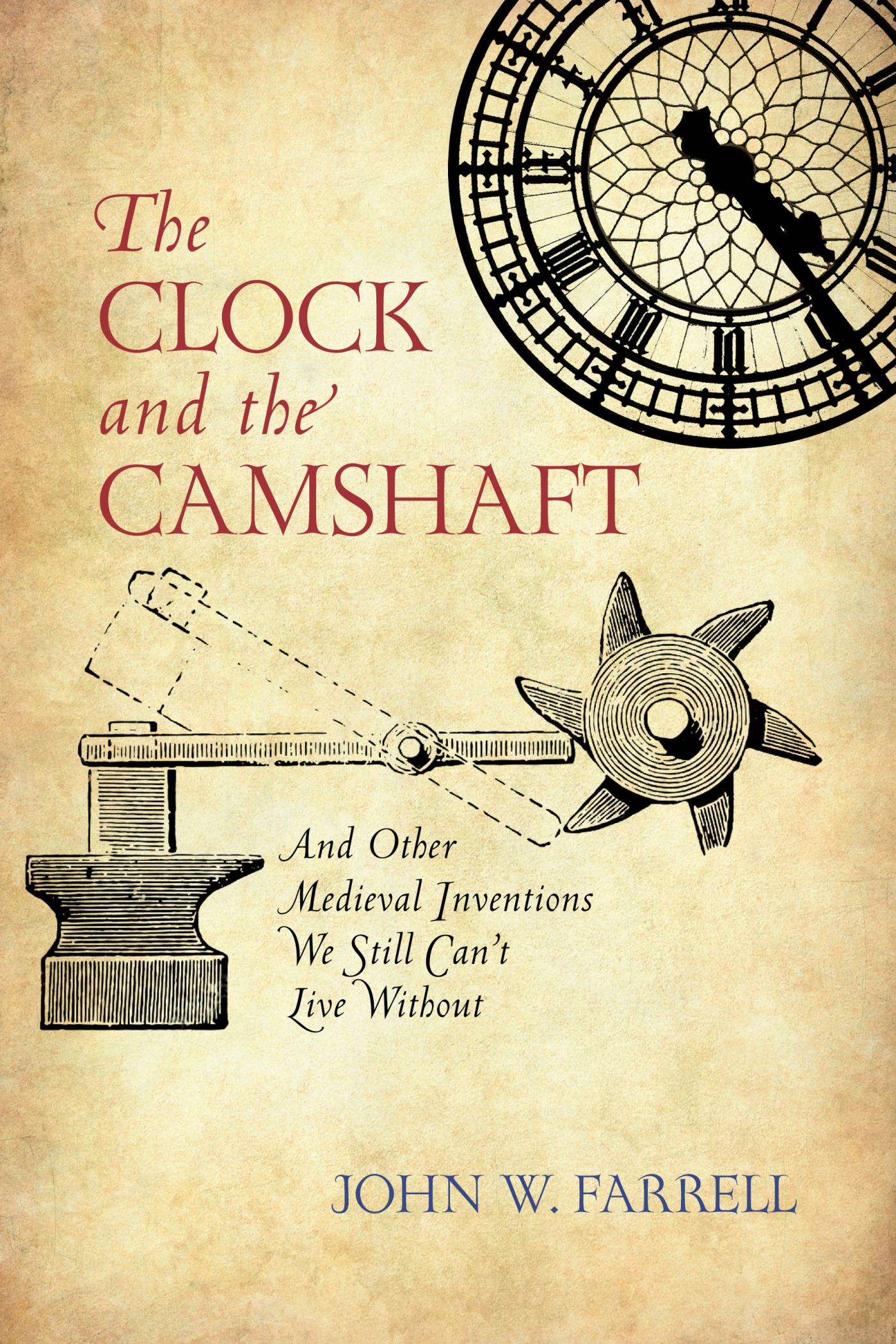
The Clock and the Camshaft Highlights the importance of medieval innovations as the basis for later technological progressThis history of medieval inventions, focusing on the eleventh to the fourteenth centuries, vividly portrays a thriving era of human ingenuity—and the results are still being felt to this day. From the mechanical clock to the first eyeglasses, both of which revolutionized society, many of the commonplace devices we now take for granted had their origin in the Middle Ages. Divided into ten thematic chapters, the accessible text allows the reader to sample areas of interest or read the book from beginning to end for a complete historical overview.A chapter on the paper revolution shows that innovations in mill power enabled the mass production of cheap paper, which was instrumental in the later success of the printing press as a means of disseminating affordable books to more people. Another chapter examines the importance of Islamic civilization in preserving ancient Greek texts and the role of translation teams in Sicily and Spain in making those texts available in Latin for a European readership. A chapter on instruments of discovery describes the impact of the astrolabe, which was imported from Islamic lands, and the compass, originally invented in China; these tools plus innovations in ship building spurred on the expansion of European trade and the later age of discovery at the time of Columbus.Complete with original drawings to illustrate how these early inventions worked, this guided tour through a distant era reveals how medieval farmers, craftsmen, women artisans, and clerical scholars laid the foundations of the modern world. TECHNOLOGY & ENGINEERING,Inventions
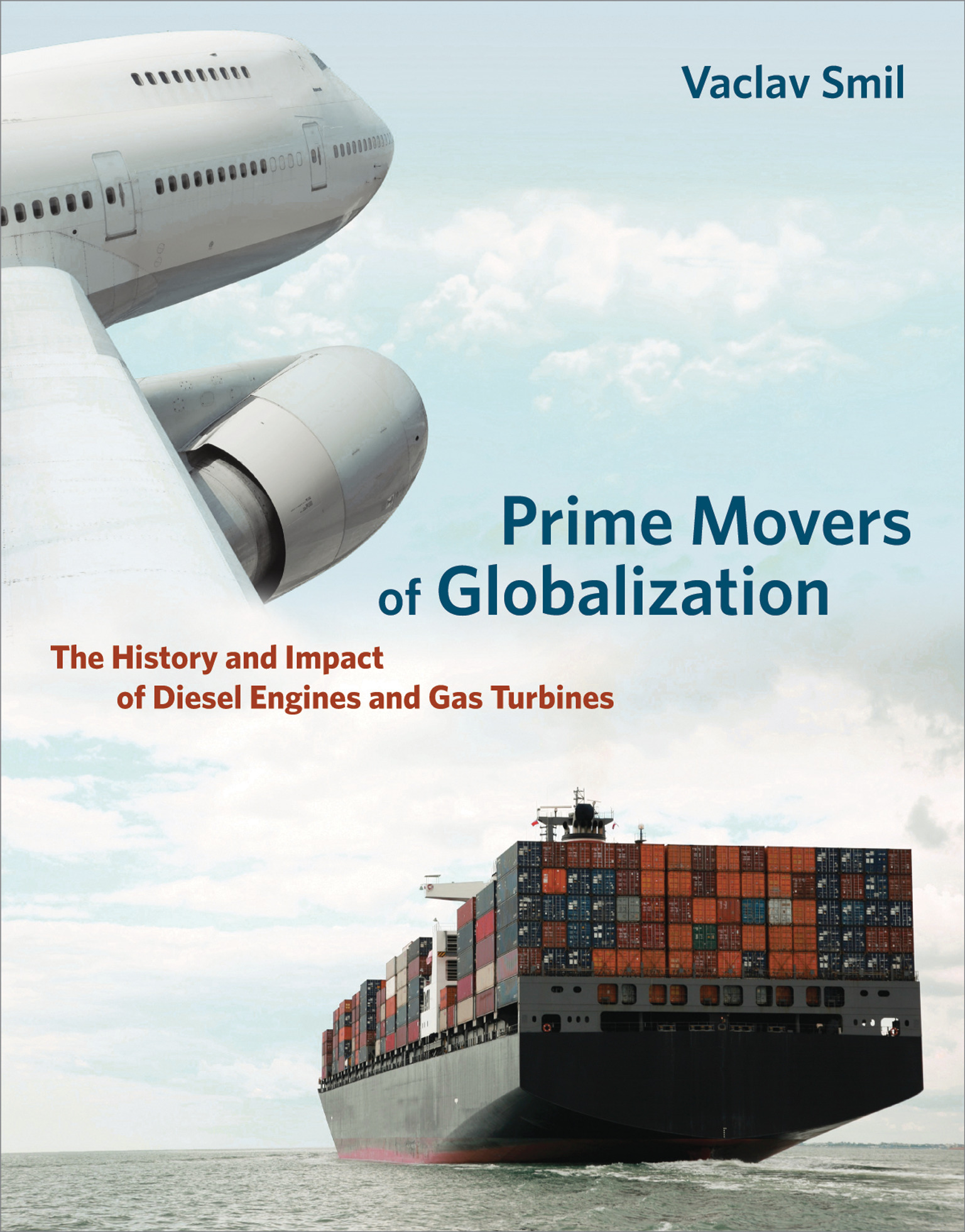
Prime Movers of Globalization The story of how diesel engines and gas turbines, used to power cargo ships and jet airplanes, made today's globally integrated economy possible. The many books on globalization published over the past few years range from claims that the world is flat to an unlikely rehabilitation of Genghis Khan as a pioneer of global commerce. Missing from these accounts is a consideration of the technologies behind the creation of the globalized economy. What makes it possible for us to move billions of tons of raw materials and manufactured goods from continent to continent? Why are we able to fly almost anywhere on the planet within twenty-four hours? In Prime Movers of Globalization, Vaclav Smil offers a history of two key technical developments that have driven globalization: the high-compression non-sparking internal combustion engines invented by Rudolf Diesel in the 1890s and the gas turbines designed by Frank Whittle and Hans-Joachim Pabst von Ohain in the 1930s. The massive diesel engines that power cargo ships and the gas turbines that propel jet engines, Smil argues, are more important to the global economy than any corporate structure or international trade agreement. Smil compares the efficiency and scale of these two technologies to prime movers of the past, including the sail and the steam engine. The lengthy processes of development, commercialization, and diffusion that the diesel engine and the gas turbine went through, he argues, provide perfect examples of gradual technical advances that receive little attention but have resulted in epochal shifts in global affairs and the global economy. TECHNOLOGY & ENGINEERING,Inventions

Organic Nonlinear Optical Materials Organic Nonlinear Optical Materials provides an extensive description of the preparation and characterization of organic materials for applications in nonlinear and electro-optics. The book discusses the fundamental optimization and practical limitations of a number of figures of merit for various optical parameters and gives a clinical appraisal o TECHNOLOGY & ENGINEERING,Lasers & Photonics
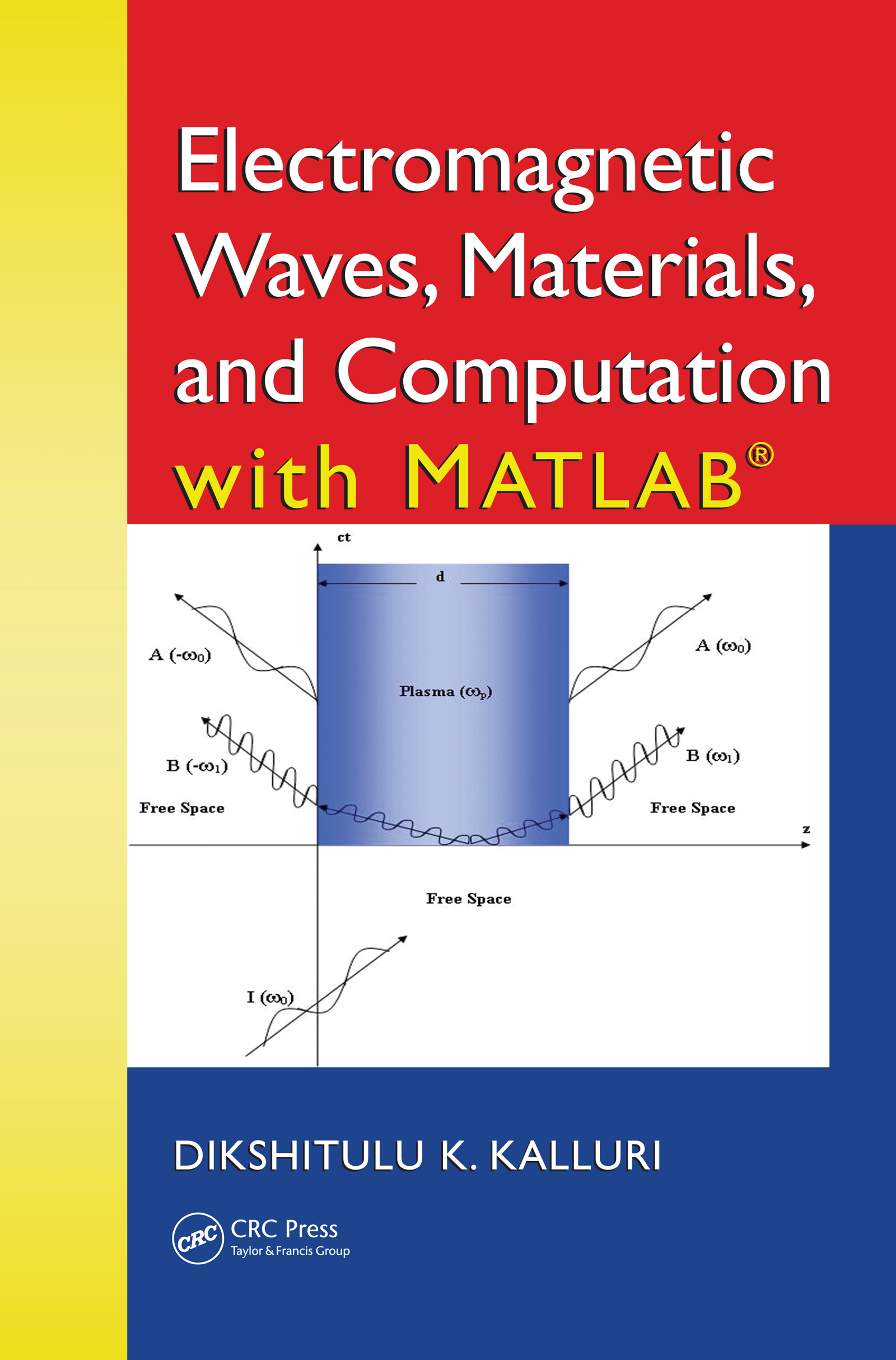
Electromagnetic Waves, Materials, and Computation with MATLAB® Readily available commercial software enables engineers and students to perform routine calculations and design without necessarily having a sufficient conceptual understanding of the anticipated solution. The software is so user-friendly that it usually produces a beautiful colored visualization of that solution, often camouflaging the fact that the program is executing the wrong simulation of the physical problem. Electromagnetic Waves, Materials, and Computation with MATLAB® takes an integrative modern approach to the subject of electromagnetic analysis by supplementing quintessential "old school" information and methods with instruction in the use of newer commercial software such as MATLAB and methods including FDTD. Delving into the electromagnetics of bounded simple media, equations of complex media, and computation, this text includes: Appendices that cover a wide range of associated issues and techniques A concluding section containing an array of problems, quizzes, and examinations A downloadable component for instructors including PowerPoint™ slides, solutions to problems, and more Striking a balance between theoretical and practical aspects, internationally recognized expert Dikshitulu Kalluri clearly illustrates how intuitive approximate solutions are derived. Providing case studies and practical examples throughout, he examines the role of commercial software in this process, also covering interpretation of findings. Kalluri’s extensive experience teaching this subject enables him to streamline and convey material in a way that helps readers master conceptual mathematical aspects. This gives them confidence in their ability to use high-level software to write code, but it also ensures that they will never be solely dependent on such programs. TECHNOLOGY & ENGINEERING,Lasers & Photonics
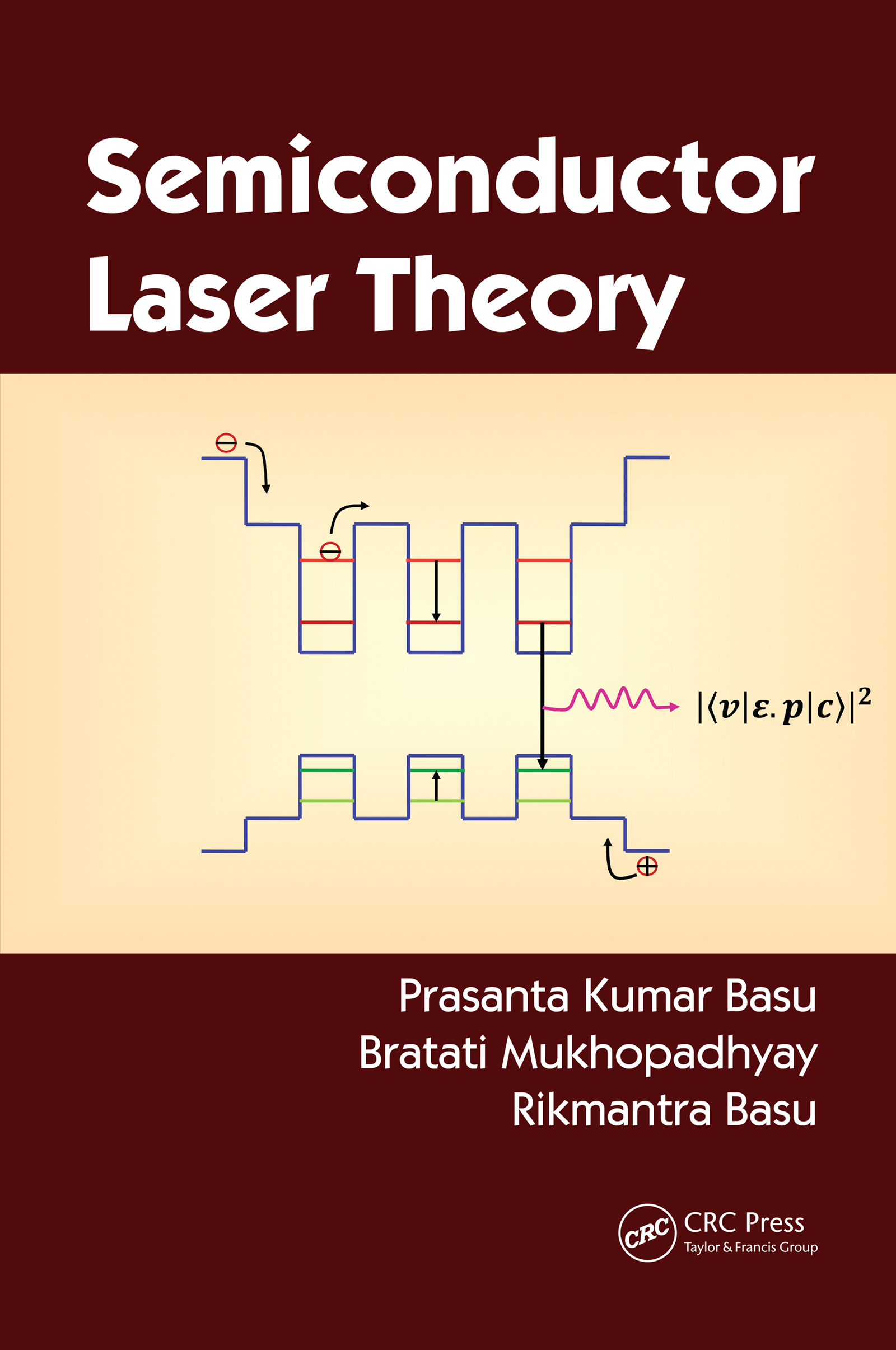
Semiconductor Laser Theory Developed from the authors’ classroom-tested material, Semiconductor Laser Theory takes a semiclassical approach to teaching the principles, structure, and applications of semiconductor lasers. Designed for graduate students in physics, electrical engineering, and materials science, the text covers many recent developments, including diode lasers using quantum wells, quantum dots, quantum cascade lasers, nitride lasers, group IV lasers, and transistor lasers. The first half of the book presents basic concepts, such as the semiconductor physics needed to understand the operation of lasers, p-n junction theory, alloys, heterostructures, quantum nanostructures, k.p theory, waveguides, resonators, filters, and optical processes. The remainder of the book describes various lasers, including double heterostructure, quantum wire, quantum dot, quantum cascade, vertical-cavity surface-emitting, single-mode and tunable, nitride, group IV, and transistor lasers. This textbook equips students to understand the latest progress in the research and development of semiconductor lasers, from research into the benefits of quantum wire and quantum dot lasers to the application of semiconductor lasers in fiber-optic communications. Each chapter incorporates reading lists and references for further study, numerous examples to illustrate the theory, and problems for hands-on exploration. TECHNOLOGY & ENGINEERING,Lasers & Photonics
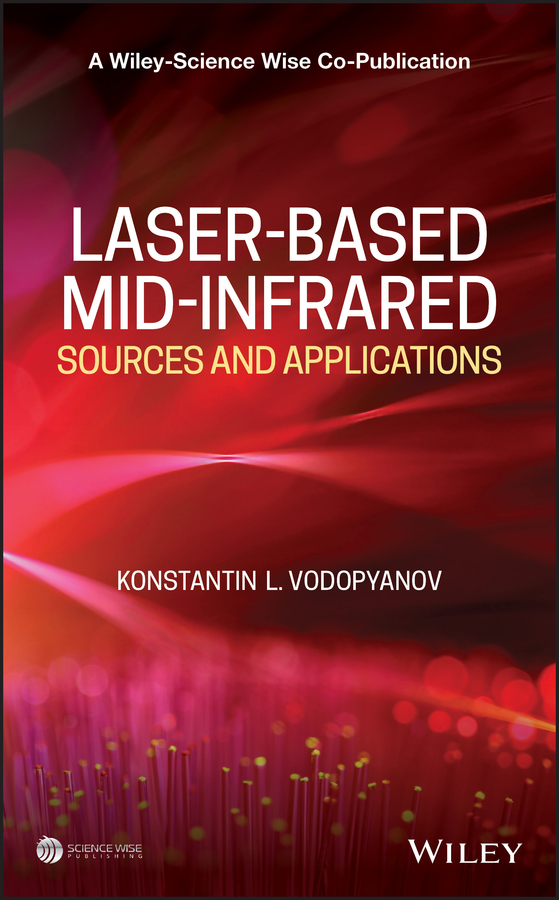
Laser-based Mid-infrared Sources and Applications An important guide to the major techniques for generating coherent light in the mid-infrared region of the spectrum Laser-based Mid-infrared Sources and Applications gives a comprehensive overview of the existing methods for generating coherent light in the important yet difficult-to-reach mid-infrared region of the spectrum (2–20 μm) and their applications. The book describes major approaches for mid-infrared light generation including ion-doped solid-state lasers, fiber lasers, semiconductor lasers, and laser sources based on nonlinear optical frequency conversion, and reviews a range of applications: spectral recognition of molecules and trace gas sensing, biomedical and military applications, high-field physics and attoscience, and others. Every chapter starts with the fundamentals for a given technique that enables self-directed study, while extensive references help conduct deeper research. Laser-based Mid-infrared Sources and Applications provides up-to-date information on the state-of the art mid-infrared sources, discusses in detail the advancements made over the last two decades such as microresonators and interband cascade lasers, and explores novel approaches that are currently subjects of intense research such as supercontinuum and frequency combs generation. This important book: • Explains the fundamental principles and major techniques for coherent mid-infrared light generation • Discusses recent advancements and current cutting-edge research in the field • Highlights important biomedical, environmental, and military applications Written for researchers, academics, students, and engineers from different disciplines, the book helps navigate the rapidly expanding field of mid-infrared laser-based technologies. TECHNOLOGY & ENGINEERING,Lasers & Photonics
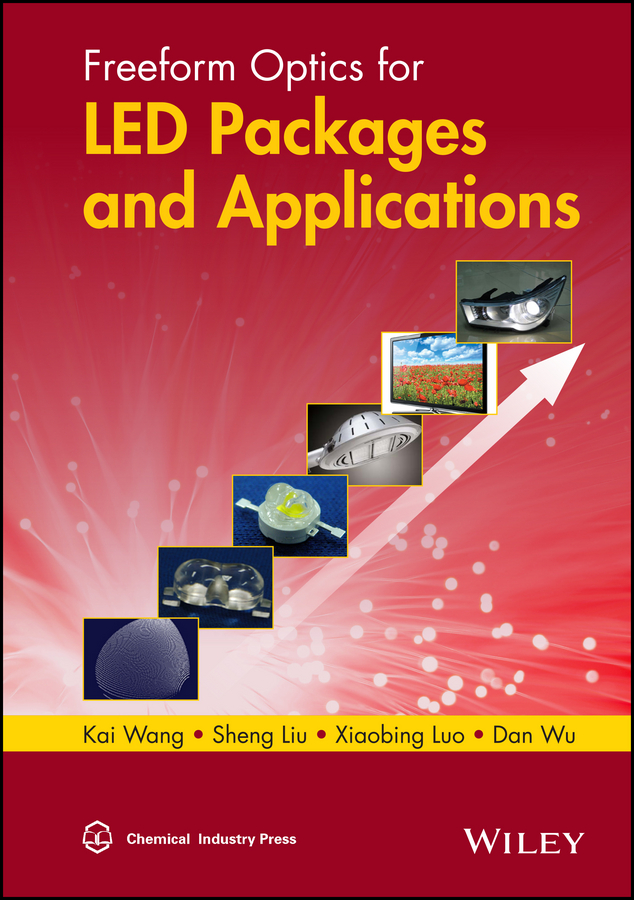
Freeform Optics for LED Packages and Applications A practical introduction to state-of-the-art freeform optics design for LED packages and applications By affording designers the freedom to create complex, aspherical optical surfaces with minimal or no aberrations, freeform design transcends the constraints imposed by hundreds of years of optics design and fabrication. Combining unprecedented design freedom with precise light irradiation control, freeform optics design is also revolutionizing the design and manufacture of high quality LED lighting. The first and only book of its kind, Freeform Optics for LED Packages and Applications helps put readers at the forefront of the freeform optics revolution. Designed to function as both an authoritative review of the current state of the industry and a practical introduction to advanced optical design for LED lighting, this book makes learning and mastering freeform optics skills simpler and easier than ever before with: Real-world examples and case studies systematically describing an array of algorithms and designs—from new freeform algorithms to design methods to advanced optical designs Coding for all freeform optics algorithms covered—makes it easier and more convenient to start developing points of freeform optics and construct lenses or reflectors, right away Case studies of a range of products, including designs for a freeform optics LED bulb, an LED spotlight, LED street lights, an LED BLU, and many more Freeform Optics for LED Packages and Applications is must-reading for optical design engineers and LED researchers, as well as advanced-level students with an interest in LED lighting. It is also an indispensable working resource design practitioners within the LED lighting industry. TECHNOLOGY & ENGINEERING,Lasers & Photonics
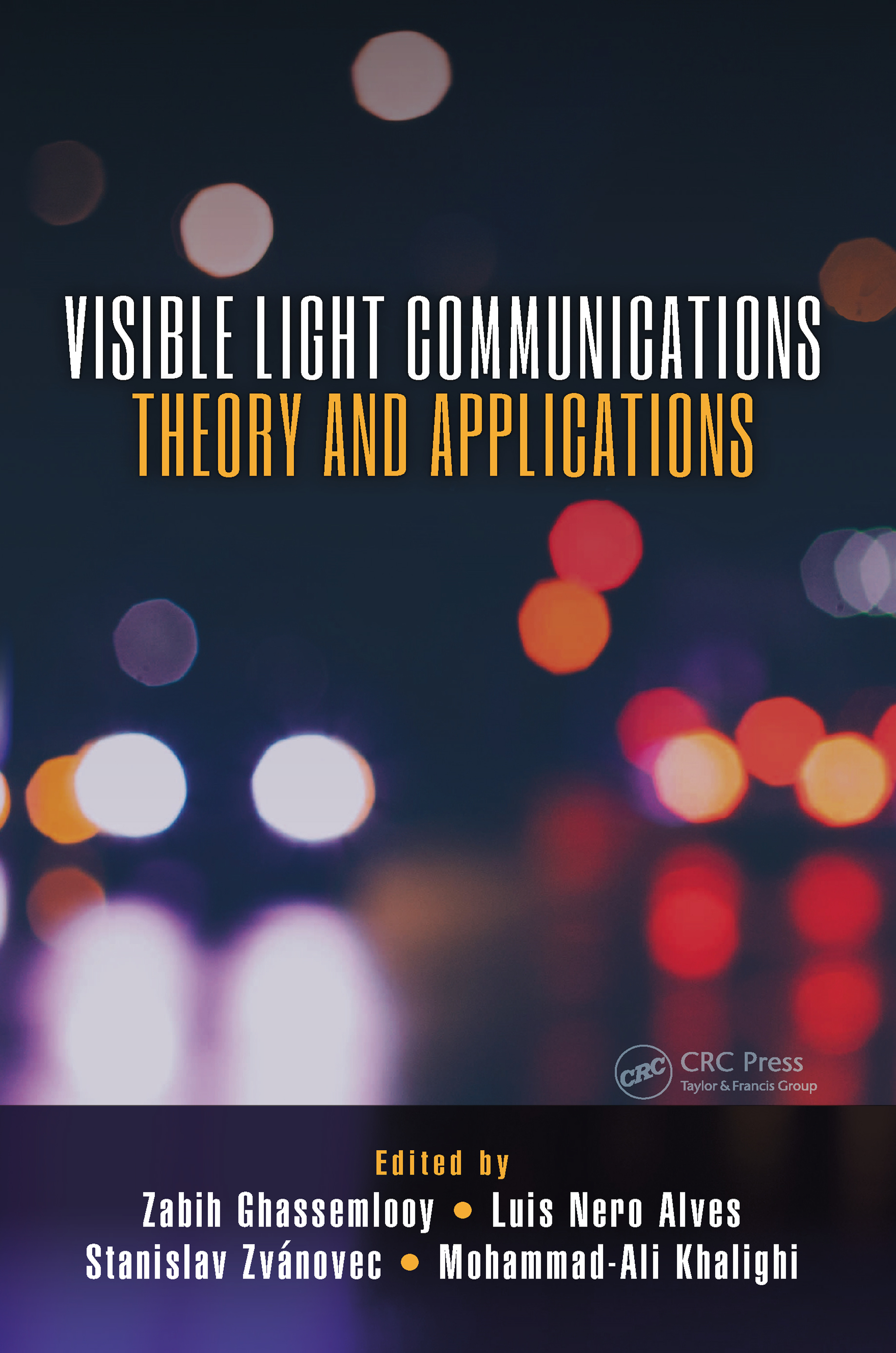
Visible Light Communications Visible Light Communications, written by leading researchers, provides a comprehensive overview of theory, stimulation, design, implementation, and applications. The book is divided into two parts – the first devoted to the underlying theoretical concepts of the VLC and the second part covers VLC applications. Visible Light Communications is an emerging topic with multiple functionalities including data communication, indoor localization, 5G wireless communication networks, security, and small cell optimization. This concise book will be of valuable interest from beginners to researchers in the field. TECHNOLOGY & ENGINEERING,Lasers & Photonics
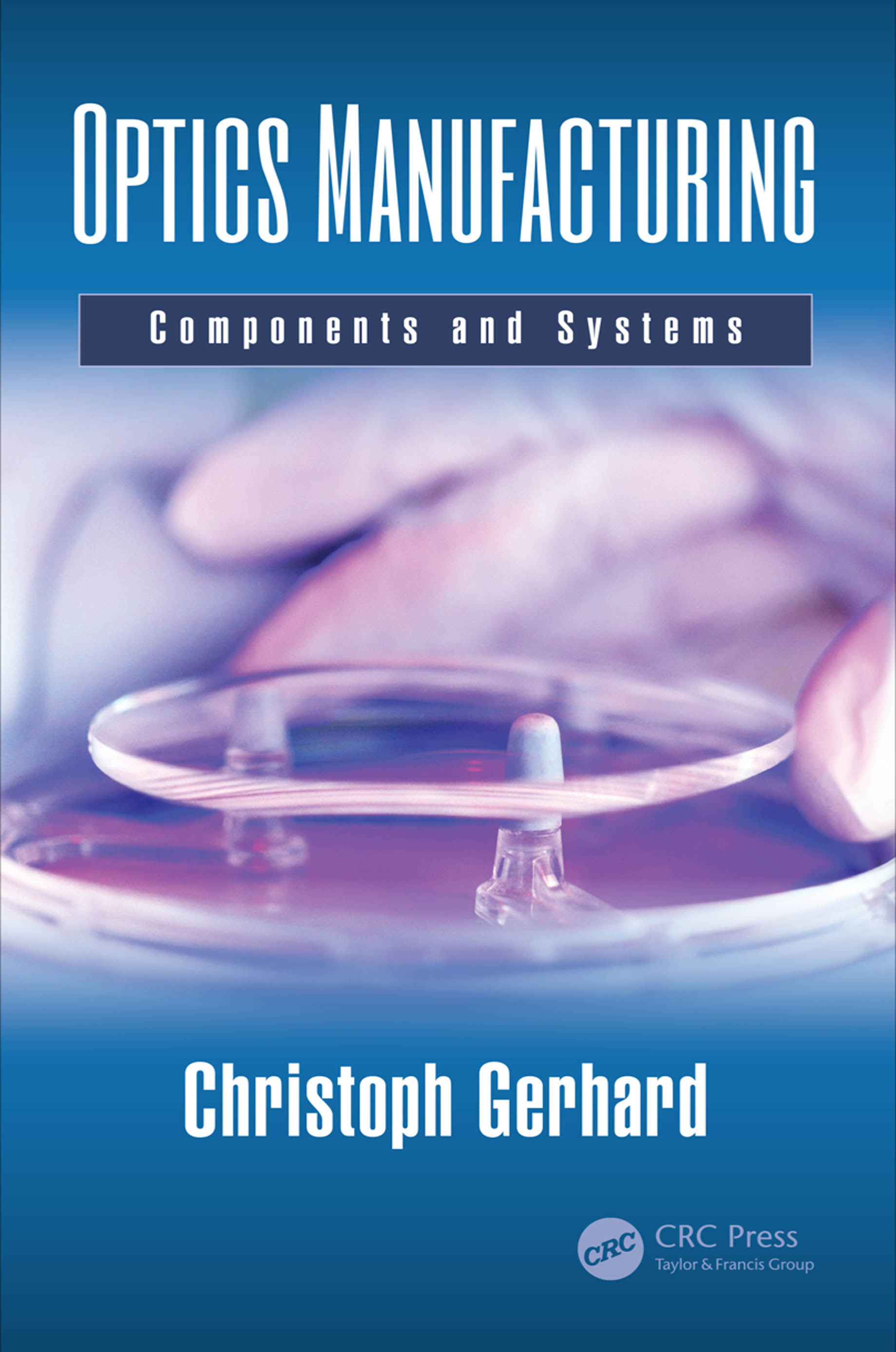
Optics Manufacturing Optical components are essential key elements in modern engineering and everyday life. The education of skilled personnel and specialists in the fields of theoretical and practical optics manufacturing is of essential importance for next-generation technologies. Against this background, this book provides the basis for the education and advanced training of precision and ophthalmic optics technicians, craftsmen, and foremen, and it is an extensive reference work for students, academics, optical designers or shop managers, and production engineers. It not only covers particularly used and applied machines, working materials, testing procedures, and machining steps for classical optics manufacturing, but it also addresses the production and specification of optical glasses as well as unconventional production techniques and novel approaches. Optics Manufacturing: Components and Systems furthermore covers the basics of light propagation and provides an overview on optical materials and components; presents an introduction and explanation of the necessary considerations and procedures for the initial definition of manufacturing tolerances and the relevant industrial standards for optics manufacturing; and addresses the production of micro optics, the assembly of opto-mechanical setups and possible manufacturing errors, and the impact of the resulting inaccuracies. In order to allow fast and clear access to the most essential information, each chapter ends with a short summary of the most important aspects, including an explanation of relevant equations, symbols, and abbreviations. For further reading, extensive lists of references are also provided. Finally, exercises on the covered basic principles of optics, approaches, and techniques of optics manufacturing—including their corresponding detailed solutions—are found in the appendix. TECHNOLOGY & ENGINEERING,Lasers & Photonics
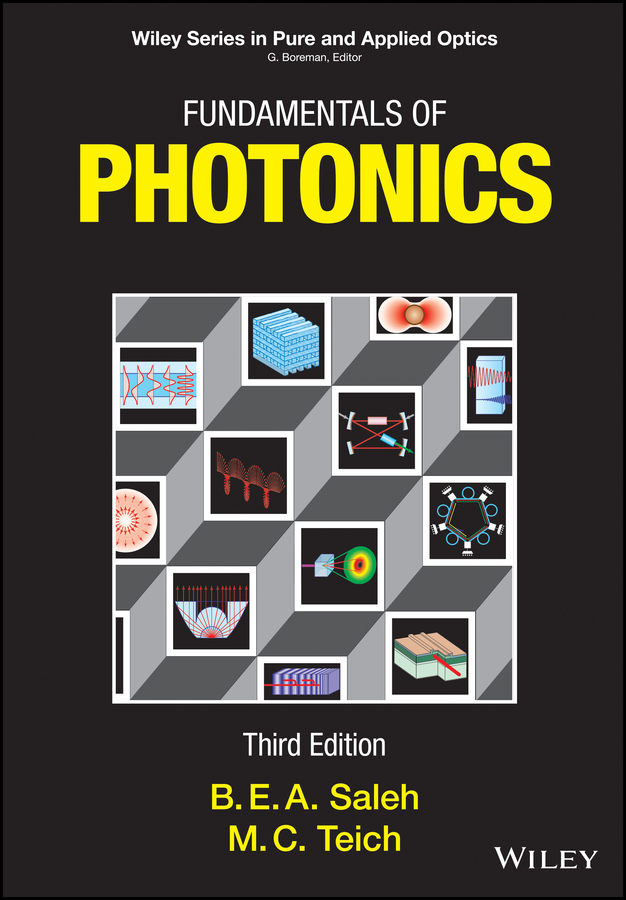
Fundamentals of Photonics Fundamentals of Photonics A complete, thoroughly updated, full-color third edition Fundamentals of Photonics, Third Edition is a self-contained and up-to-date introductory-level textbook that thoroughly surveys this rapidly expanding area of engineering and applied physics. Featuring a blend of theory and applications, coverage includes detailed accounts of the primary theories of light, including ray optics, wave optics, electromagnetic optics, and photon optics, as well as the interaction of light and matter. Presented at increasing levels of complexity, preliminary sections build toward more advanced topics, such as Fourier optics and holography, photonic-crystal optics, guided-wave and fiber optics, LEDs and lasers, acousto-optic and electro-optic devices, nonlinear optical devices, ultrafast optics, optical interconnects and switches, and optical fiber communications. The third edition features an entirely new chapter on the optics of metals and plasmonic devices. Each chapter contains highlighted equations, exercises, problems, summaries, and selected reading lists. Examples of real systems are included to emphasize the concepts governing applications of current interest. Each of the twenty-four chapters of the second edition has been thoroughly updated. TECHNOLOGY & ENGINEERING,Lasers & Photonics

Light Driven Micromachines In Light Driven Micromachines, the fundamental principles and unique characteristics of light driven material structures, simple mechanisms and integrated machines are explored. Very small light driven systems provide a number of interesting features and unique design opportunities because streams of photons deliver energy into the system and provide the control signal used to regulate the response of the micron sized device. Through innovative material design and clever component fabrication, these optically powered tiny machines can be created to perform mechanical work when exposed to varying light intensity, wavelength, phase, and/or polarization. The book begins with the scientific background necessary to understand the nature of light and how light can initiate physical movement by inducing material deformation or altering the surrounding environment to impose micro-forces on the actuating mechanisms. The impact of physical size on the performance of light driven mechanisms and machines is discussed, and the nature of light–material interactions is reviewed. These interactions enable very small objects and mechanical components to be trapped and manipulated by a focused light beam, or produce local temperature gradients that force certain materials to undergo shape transformation. Advanced phase transition gels, polymers, carbon-based films and piezoelectric ceramics that exhibit direct light-to-mechanical energy conversion are examined from the perspective of designing optically driven actuators and mechanical systems. The ability of light to create photothermal effects that drive microfluidic processes and initiate the phase transformation of temperature sensitive shape memory materials are also explored in the book. This compendium seeks to inspire the next generation of scientists and engineers by presenting the fundamental principles of this emerging interdisciplinary technology and exploring how the properties of light can be exploited for microfluidic, microrobotic, biomedical and space applications. TECHNOLOGY & ENGINEERING,Lasers & Photonics
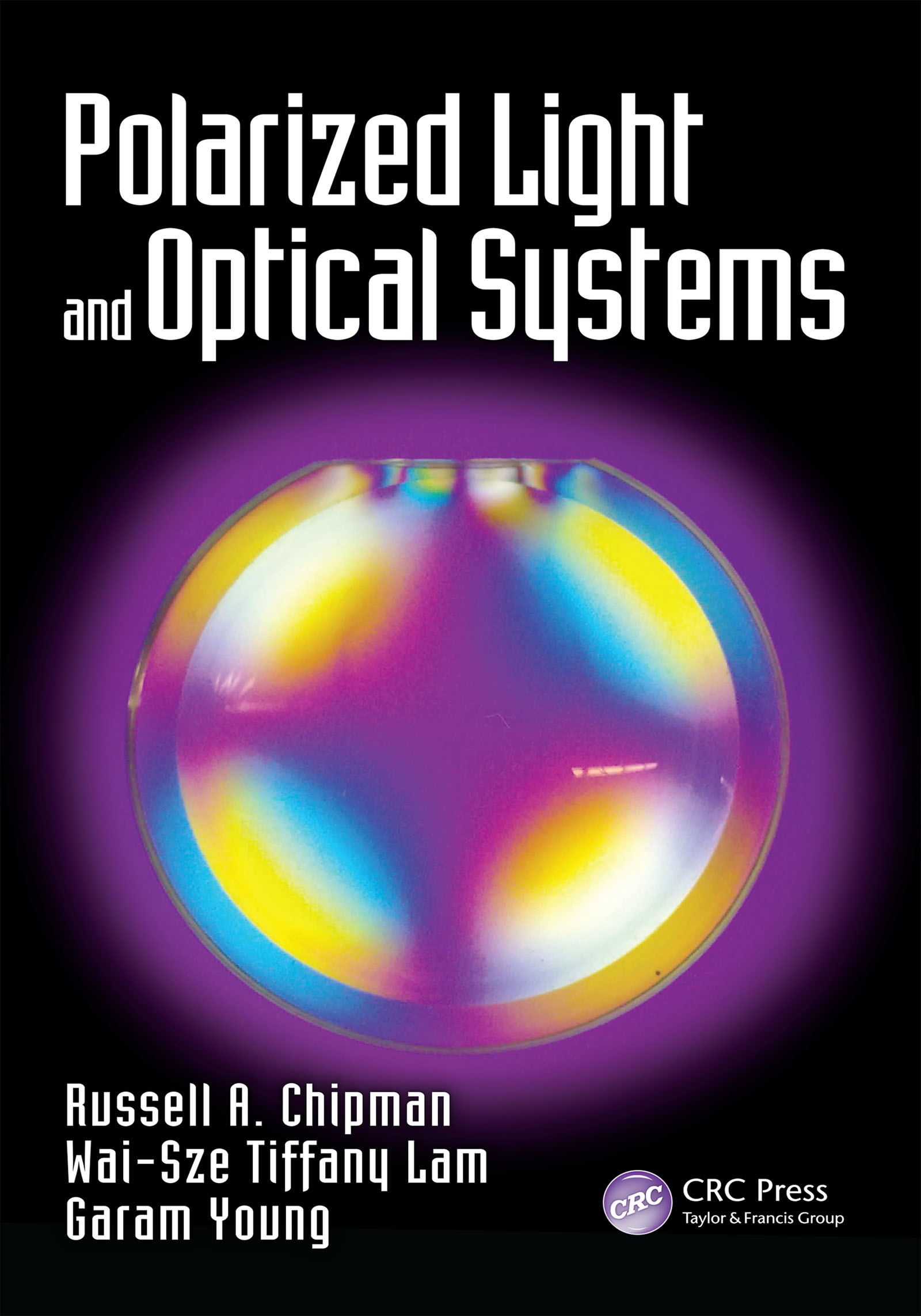
Polarized Light and Optical Systems Polarized Light and Optical Systems presents polarization optics for undergraduate and graduate students in a way which makes classroom teaching relevant to current issues in optical engineering. This curriculum has been developed and refined for a decade and a half at the University of Arizona’s College of Optical Sciences. Polarized Light and Optical Systems provides a reference for the optical engineer and optical designer in issues related to building polarimeters, designing displays, and polarization critical optical systems. The central theme of Polarized Light and Optical Systems is a unifying treatment of polarization elements as optical elements and optical elements as polarization elements. Key Features Comprehensive presentation of Jones calculus and Mueller calculus with tables and derivations of the Jones and Mueller matrices for polarization elements and polarization effects Classroom-appropriate presentations of polarization of birefringent materials, thin films, stress birefringence, crystal polarizers, liquid crystals, and gratings Discussion of the many forms of polarimeters, their trade-offs, data reduction methods, and polarization artifacts Exposition of the polarization ray tracing calculus to integrate polarization with ray tracing Explanation of the sources of polarization aberrations in optical systems and the functional forms of these polarization aberrations Problem sets to build students’ problem-solving capabilities. TECHNOLOGY & ENGINEERING,Lasers & Photonics
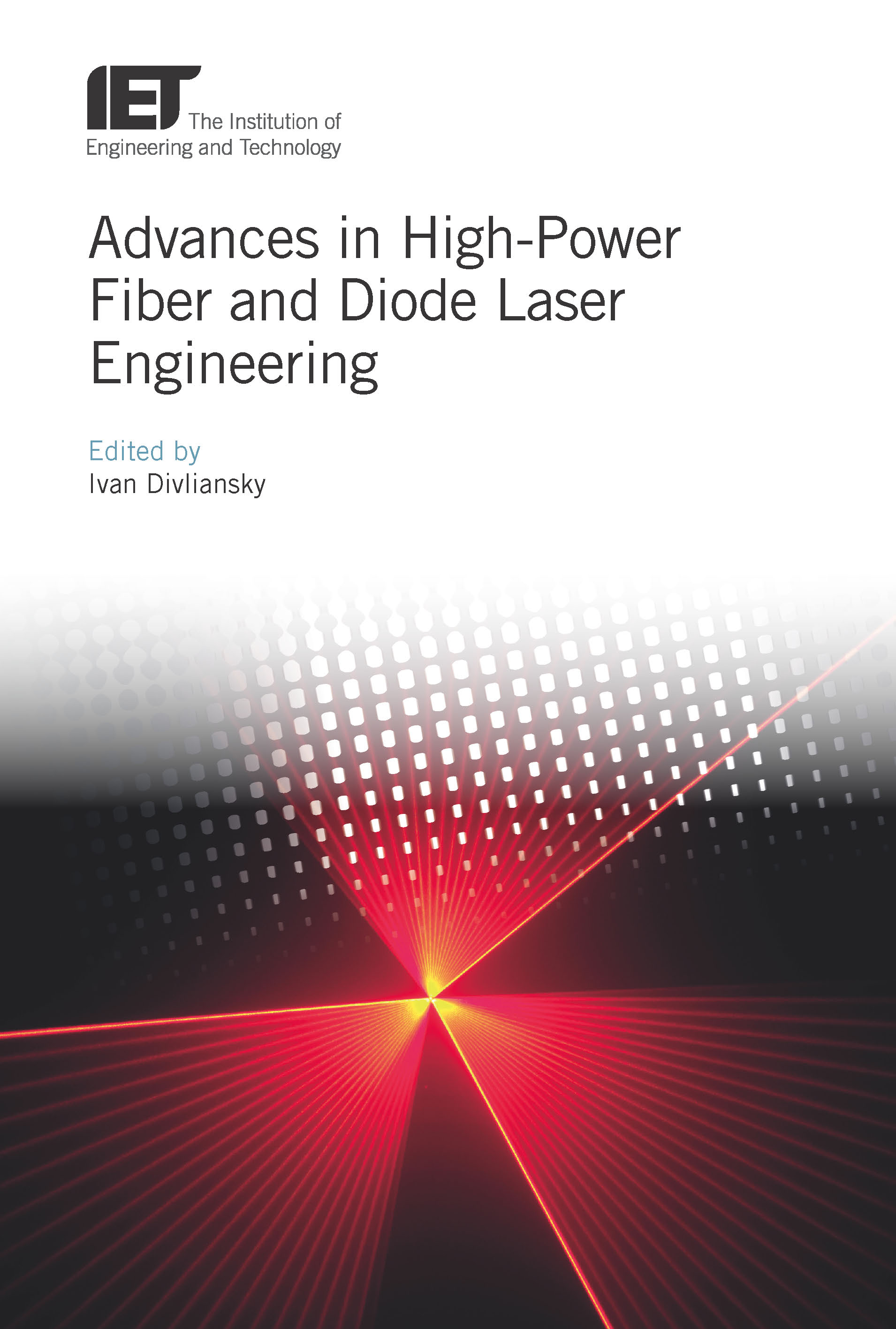
Advances in High-Power Fiber and Diode Laser Engineering The book covers fibre and diode laser systems from academic and industrial perspectives, discusses the latest trends in high-power fibre laser development and applications, offers an overview of developments in diode laser systems, and addresses advanced applications of high-power lasers. TECHNOLOGY & ENGINEERING,Lasers & Photonics
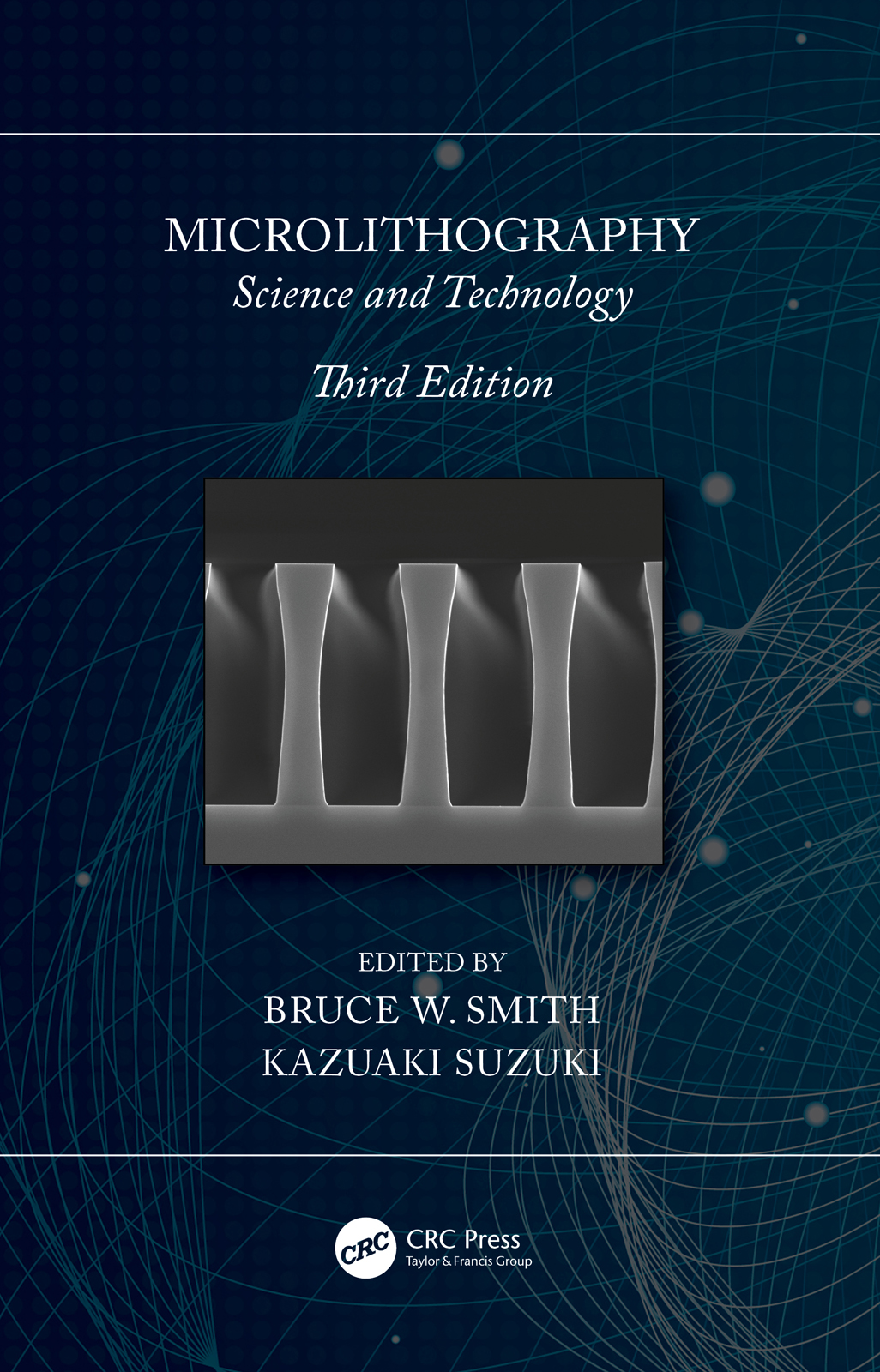
Microlithography The completely revised Third Edition to the bestselling Microlithography: Science and Technology provides a balanced treatment of theoretical and operational considerations, from fundamental principles to advanced topics of nanoscale lithography. The book is divided into chapters covering all important aspects related to the imaging, materials, and processes that have been necessary to drive semiconductor lithography toward nanometer-scale generations. Renowned experts from the world’s leading academic and industrial organizations have provided in-depth coverage of the technologies involved in optical, deep-ultraviolet (DUV), immersion, multiple patterning, extreme ultraviolet (EUV), maskless, nanoimprint, and directed self-assembly lithography, together with comprehensive descriptions of the advanced materials and processes involved. New in the Third Edition In addition to the full revision of existing chapters, this new Third Edition features coverage of the technologies that have emerged over the past several years, including multiple patterning lithography, design for manufacturing, design process technology co-optimization, maskless lithography, and directed self-assembly. New advances in lithography modeling are covered as well as fully updated information detailing the new technologies, systems, materials, and processes for optical UV, DUV, immersion, and EUV lithography. The Third Edition of Microlithography: Science and Technology authoritatively covers the science and engineering involved in the latest generations of microlithography and looks ahead to the future systems and technologies that will bring the next generations to fruition. Loaded with illustrations, equations, tables, and time-saving references to the most current technology, this book is the most comprehensive and reliable source for anyone, from student to seasoned professional, looking to better understand the complex world of microlithography science and technology. TECHNOLOGY & ENGINEERING,Lasers & Photonics
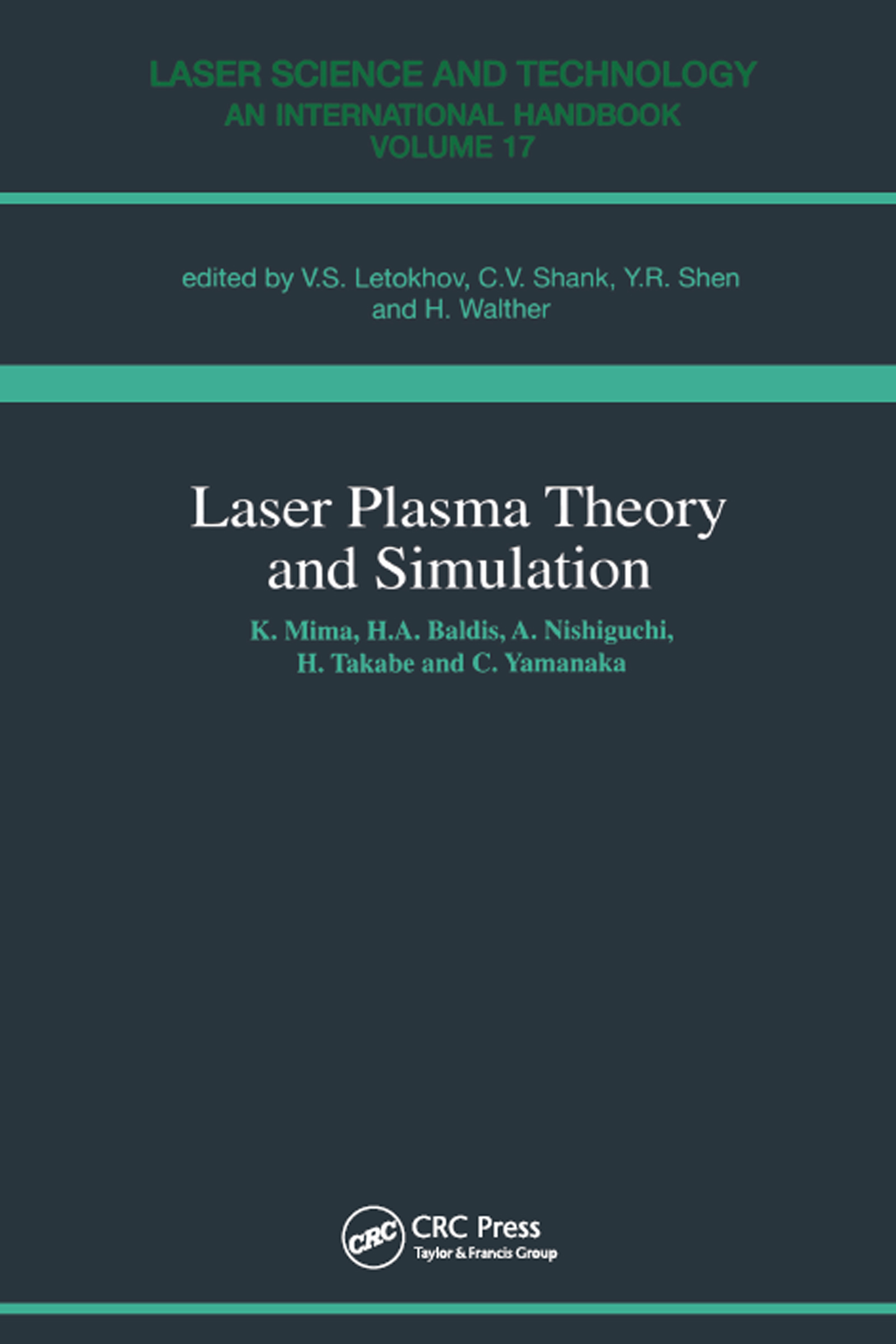
Laser Plasma Theory and Simulation This book covers recent developments in laser plasma physics such as absorption, instability, energy transport and radiation from the standpoint of theory and simulation for plasma corona, showing how the elements for the high density compression depend on the interaction physics and heat transport. TECHNOLOGY & ENGINEERING,Lasers & Photonics

Industrial Machinery Repair Industrial Machinery Repair provides a practical reference for practicing plant engineers, maintenance supervisors, physical plant supervisors and mechanical maintenance technicians. It focuses on the skills needed to select, install and maintain electro-mechanical equipment in a typical industrial plant or facility. The authors focuses on "Best Maintenance Repair Practices" necessary for maintenance personnel to keep equipment operating at peak reliability and companies functioning more profitably through reduced maintenance costs and increased productivity and capacity. A number of surveys conducted in industries throughout the United States have found that 70% of equipment failures are self-induced. If the principles and techniques in this book are followed, it will result in a serious reduction in "self induced failures". In the pocketbook format, this reference material can be directly used on the plant floor to aid in effectively performing day-to-day duties. Data is presented in a concise, easily understandable format to facilitate use in the adverse conditions associated with the plant floor. Each subject is reduced to it simplest terms so that it will be suitable for the broadest range of users. Since this book is not specific to any one type of industrial plant and is useful in any type of facility. The new standard reference book for industrial and mechanical trades Accessible pocketbook format facilitates on-the-job use Suitable for all types of plant facilities TECHNOLOGY & ENGINEERING,Machinery

Estimator's Equipment Installation Man-Hour Manual This new edition is expanded to include 26 new man-hour tables on compressors, dryers, dampers, filters, coolers, and heaters. This manual eliminates guesswork and enables you to produce fast, accurate equipment installation labor estimates. TECHNOLOGY & ENGINEERING,Machinery
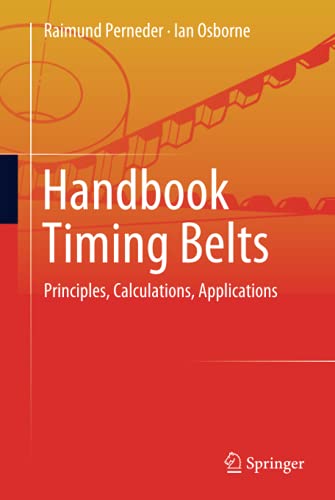
Handbook Timing Belts Timing belts offer a broad range of innovative drivetrain solutions; they allow low-backlash operation in robot systems, they are widely used in automated processes and industrial handling involving highly dynamic start-up loads, they are low-maintenance solutions for continuous operation applications, and they can guarantee exact positioning at high operating speeds. Based on his years of professional experience, the author has developed concise guidelines for the dimensioning of timing belt drives and presents proven examples from the fields of power transmission, transport and linear transfer technology. He offers definitive support for dealing with and compensating for adverse operating conditions and belt damage, as well as advice on drive optimization and guidelines for the design of drivetrain details and supporting systems. All market-standard timing belts are listed as brand neutral. Readers will discover an extensive bibliography with information on the various manufacturers and their websites. This practical handbook addresses both the needs of application engineers working in design, development and machine-building, and is well-suited as a textbook for students at universities and vocational schools alike. TECHNOLOGY & ENGINEERING,Machinery
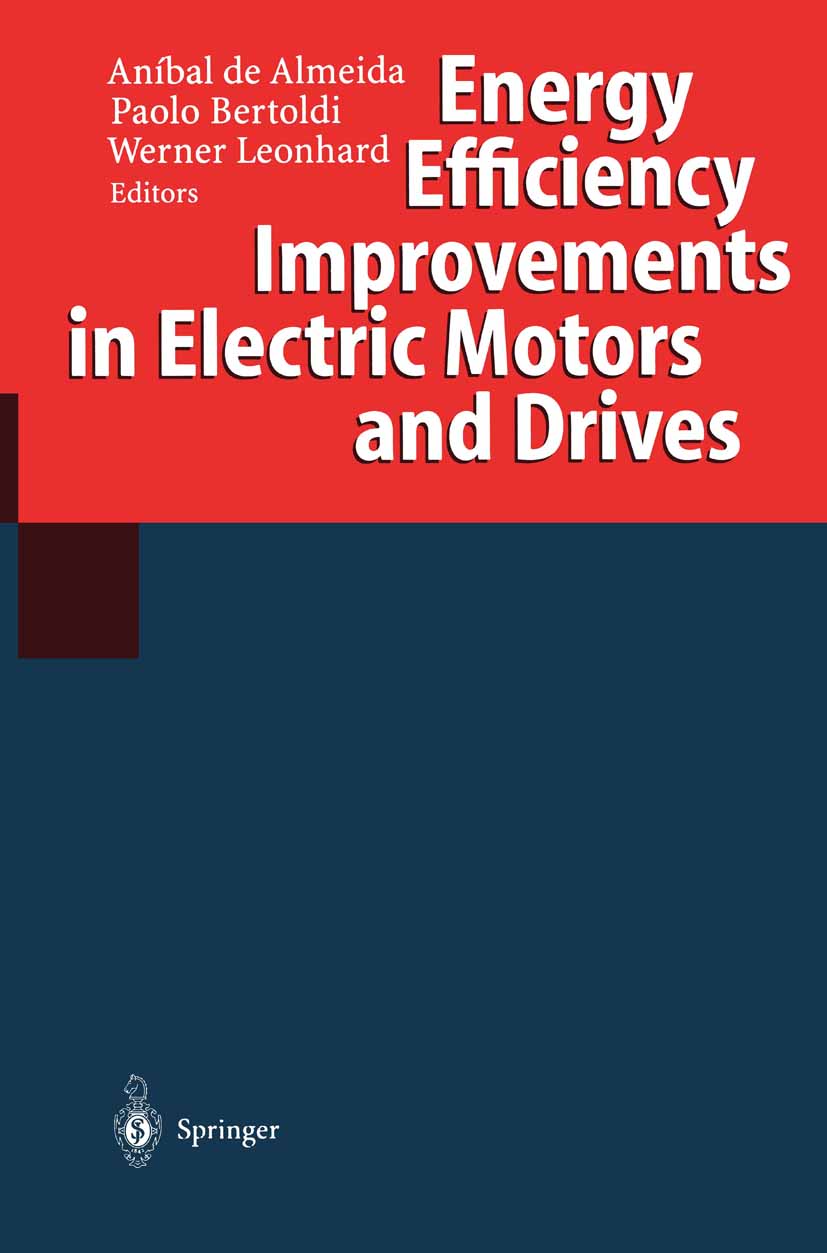
Energy Efficiency Improvements in Electric Motors and Drives 1st International Conference (EEMODS'96) held in Lisbon, 29-31 October 1996 TECHNOLOGY & ENGINEERING,Machinery

Hierarchical Power Systems Control Deregulation is causing dramatic change in the power industry but little is known about how power systems will function under competition. What are suitable performance objectives? What control designs are required and what economic techniques should be used? This detailed analysis attempts to answer these questions. The authors provide a modelling, analysis and systems control framework that makes it possible to relate distinctive features of the electric power industry to more conventional supply/demand processes in other industries. Some parts of the system can be distributed while other parts must remain co-ordinated. This authoritative and detailed study is highly topical and will be of interest to those working in the systems control area, especially in electrical power. It is also most relevant for industrial economists as well as academics in electrical power engineering. TECHNOLOGY & ENGINEERING,Machinery
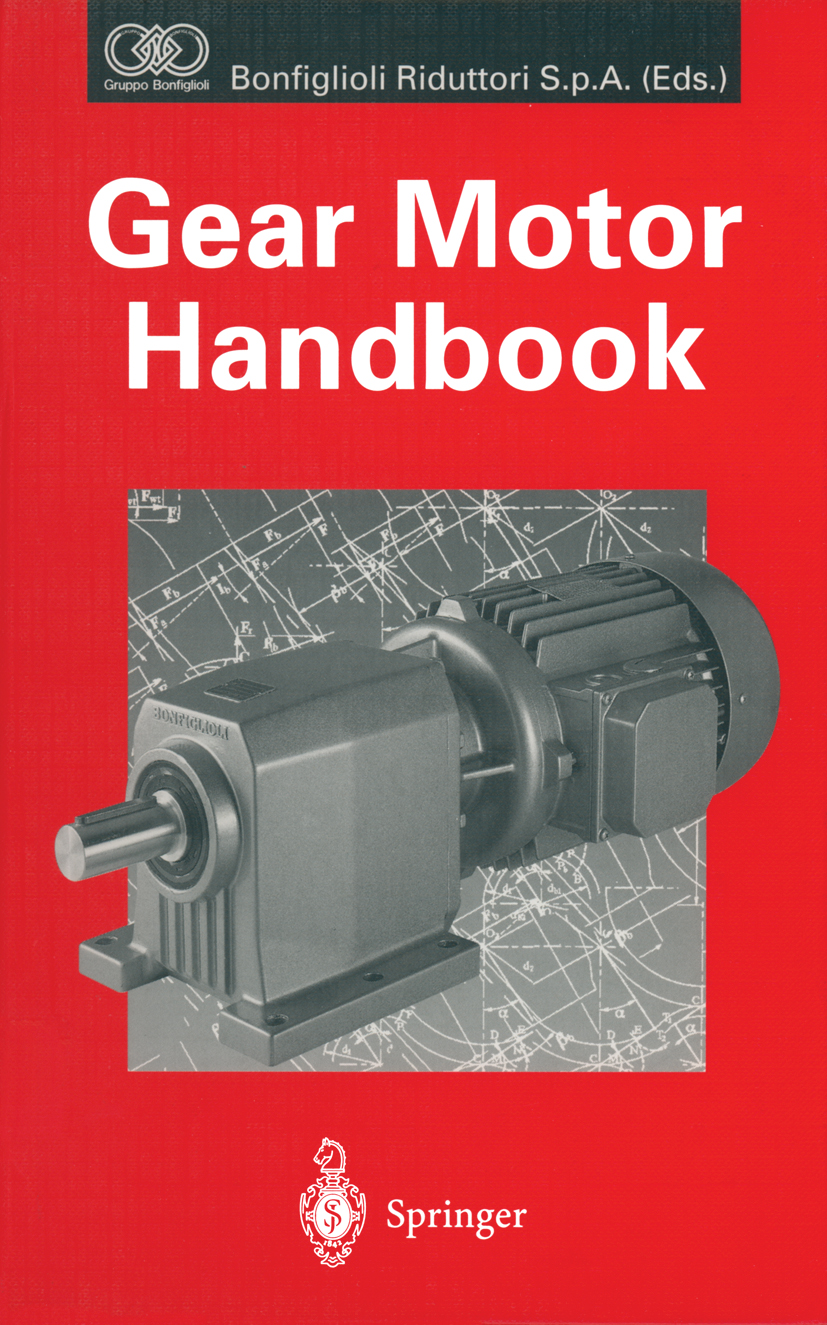
Gear Motor Handbook In these years of constant growth and further development for our company, research and development has become more and more important, and has allowed us to be at the forefront in our business sector, where innovation is the obvious and decisive factor. It has therefore been consistent with our everyday business philosophy to involve ourselves deeply in writing and printing this handbook, which is designed to recognize the capacity and hard work of all employees working successfully in the Bonfiglioli Group. The book is intended to be a concrete contribution by Bonfiglioli Riduttori S.p.A. to the development and application of power transmissions. The book is addressed to all who have technical dealings with power transmissions, from university students to engineers active in the workplace. For this reason we have invited the cooperation of four prestigious professionals - Darle W. Dudley, Jacques Sprengers, Dierk SchrOder, and Hajime Yamashina - in the knowledge that only through the cooperation of the leading specialists in the field of power transmissions could we develop a truly useful and helpful handbook. It has been hard work, but we are sure the reader's appreciation will amply reward our efforts. TECHNOLOGY & ENGINEERING,Machinery
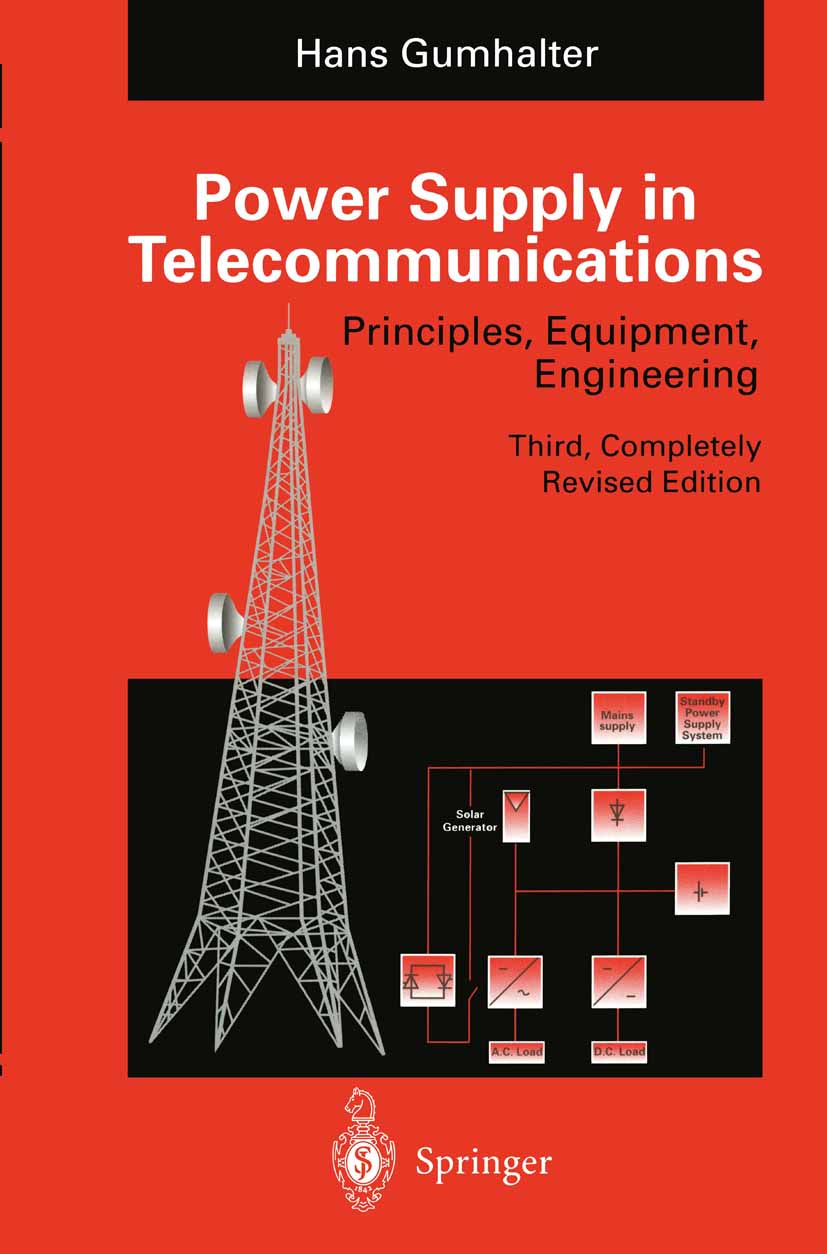
Power Supply in Telecommunications An important part of any communication system is its power supply system. The smooth operation of all communications depends on the quality of the power supply and on the operational reliability of the increasingly complex equipment and devices used for this purpose.This book describes current power supply technologies, it explains the circuit techniques using easy-to-understand examples and illustrations. Also covered are automatic control, grounding and protection techniques as well as the design of battery and grounding installations.The book is conceived as a practical guide for those involved in planning installing, comissioning and servicing telecommunication systems, but it is also useful as an introduction to the subject. TECHNOLOGY & ENGINEERING,Machinery
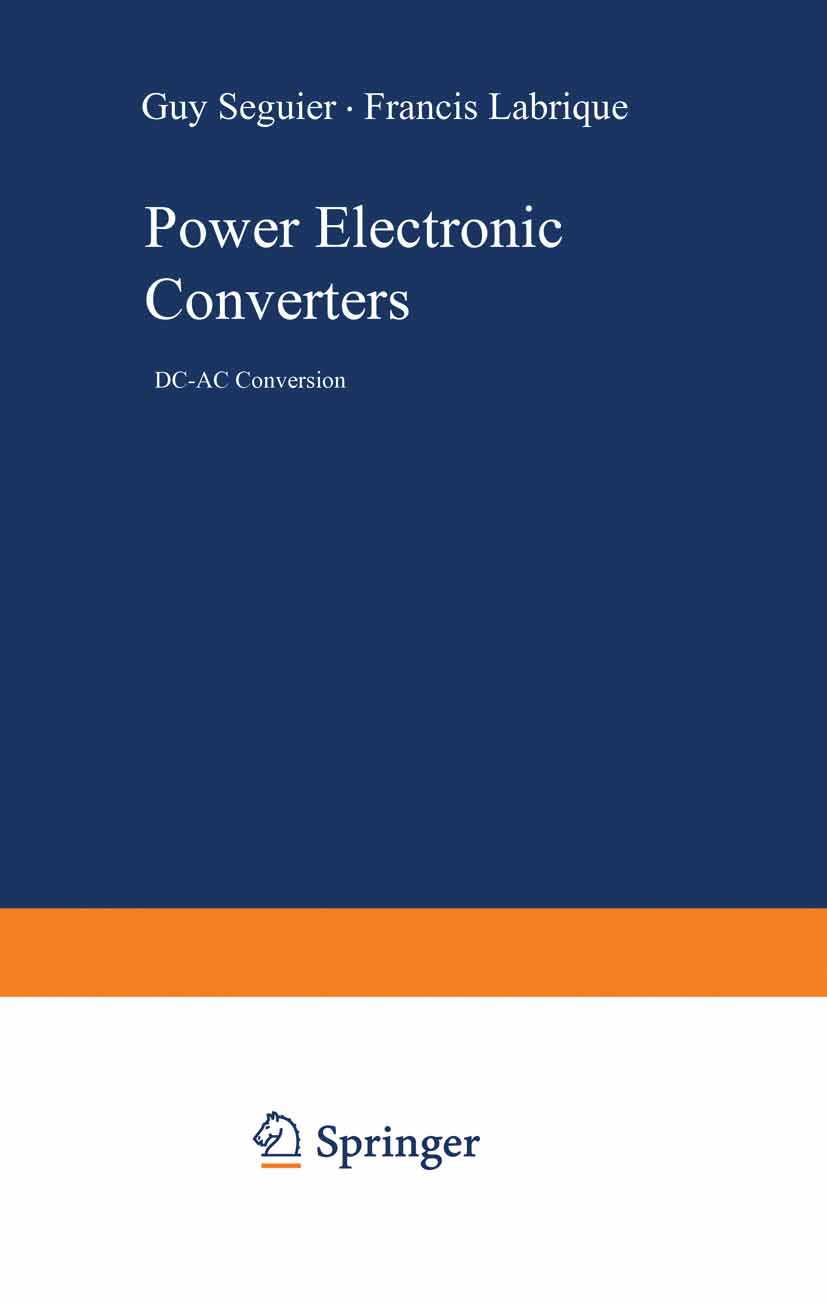
Power Electronic Converters This is the final volume in a four-volume series concerning POWER ELECÂ TRONIC CONVERTERS. The first volume studies AC/DC conversion, the second studies AC/ AC conversion, and the third DC/DC conversion. This final volume deals with DC/AC conversion, i.e. with inverters. At the output of an inverter fed by a DC voltage supply, this voltage is alternatively found with one polarity and then with the other; in other words, an AC voltage made up of square pulses is obtained. Filtering must be carried out if, as is normally the case, a virtually sinusoidal voltage is required: this problem of filtering underlies the entire study of inverters. In some applications, the load itself provides the filtering. In others, a filter is installed between the inverter and the load; however, as it will be shown in Chap. 2, in cases where the filtered voltage is at industrial network frequency and comprises only a single square-wave pulse per half-cycle, the filter becomes bulky and costly, and the results obtained are poor. Filtering problems explain the considerable development of inverters during the last years: - Firstly there is increasing use of pulse width modulation: each half-cycle is cut up into several pulses of suitable widths; this greatly simplifies filtering. The use of a chopping frequency which is much greater than the frequency of the fundamental components of the inverter output voltage and current has only been made possible by progress in the field of semiconductor devices. TECHNOLOGY & ENGINEERING,Machinery

Energy Management Systems Network control is a young discipline and yet already a considerable number of textbooks have been published on the topic. The aim of this book is to give a comprehensive description of Energy Management Systems (EMS) from the operator's point of view, with regard to their hardware and to their software aspects. The scope of the book is restricted to network control of electrical transmission systems and emphasis is placed on systematic description of the different operational planning aspects. The book provides a framework within which EMS may be realised, considering both the present state of the art and future developments in this multidisciplinary field. A carefully edited glossary contains the most important terms used in the field of energy management systems. TECHNOLOGY & ENGINEERING,Machinery
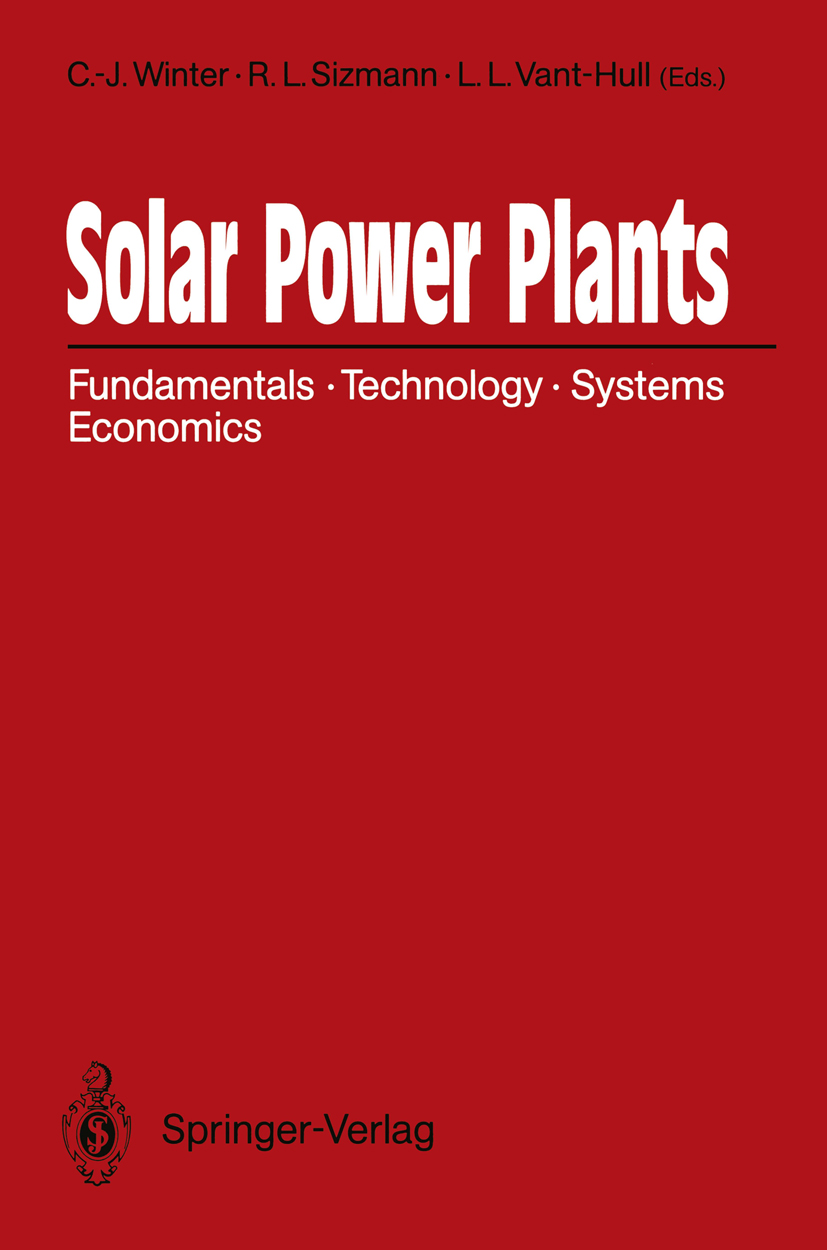
Solar Power Plants In the introductory and concluding chapters this book strive to satisfy the needs of the interested lay reader by addressing the potential, advantages, and costs of solar power plants. For the interested student, scientist, or technically oriented lay person the physical principles of insolation, its variability, concentration, and most efficient use are developed in some detail. Finally, experimental and theoretical developments in the recently created field of solar driven chemistry (via thermal, quantum, or electrical excitation) are described. The contributions in this book are written by leading solar scientists and engineering experts whose extensive background and experience in solar energy lend authenticity and completeness to the book. Design aspects of, and results from large experimental and demonstration plants are described by individuals who were directly involved in the design and testing of many of these plants. Consideration of the viability and future economics of large-scale solar power generation provides an outlook on the energy contributions which can be expected from an optional future supply of abundant and renewable energy, having little impact on the environment. This provides the rationale for the continued commitment to the development of solar power technologies by researchers, engineers, and industry. The eventual depletion of, or future political attacks on our energy supply will have less serious impact once this renewable option is in place. TECHNOLOGY & ENGINEERING,Machinery
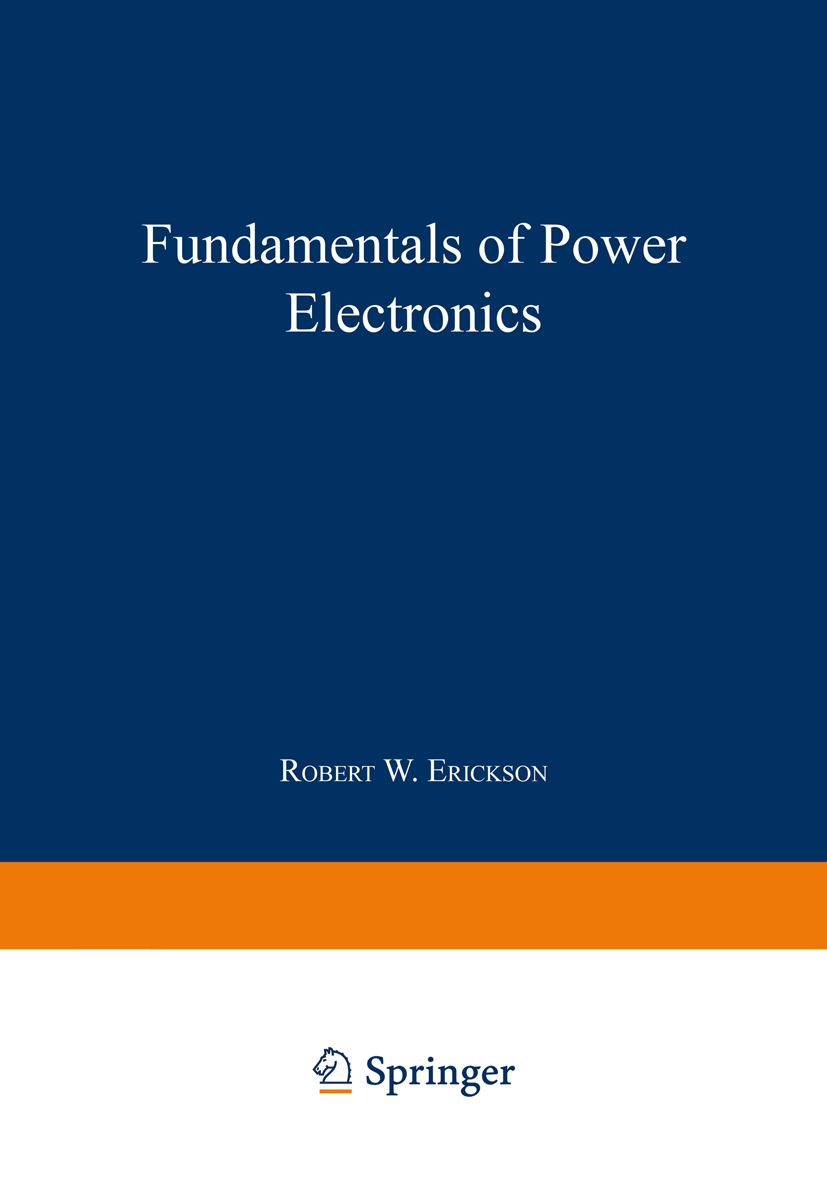
Fundamentals of Power Electronics In many university curricula, the power electronics field has evolved beyond the status of comprising one or two special-topics courses. Often there are several courses dealing with the power electronics field, covering the topics of converters, motor drives, and power devices, with possibly additional advanced courses in these areas as well. There may also be more traditional power-area courses in energy conversion, machines, and power systems. In the breadth vs. depth tradeoff, it no longer makes sense for one textbook to attempt to cover all of these courses; indeed, each course should ideally employ a dedicated textbook. This text is intended for use in introductory power electronics courses on converters, taught at the senior or first-year graduate level. There is sufficient material for a one year course or, at a faster pace with some material omitted, for two quarters or one semester. The first class on converters has been called a way of enticing control and electronics students into the power area via the "back door". The power electronics field is quite broad, and includes fundamentals in the areas of • Converter circuits and electronics • Control systems • Magnetics • Power applications • Design-oriented analysis This wide variety of areas is one of the things which makes the field so interesting and appealing to newcomers. This breadth also makes teaching the field a challenging undertaking, because one cannot assume that all students enrolled in the class have solid prerequisite knowledge in so many areas. TECHNOLOGY & ENGINEERING,Machinery
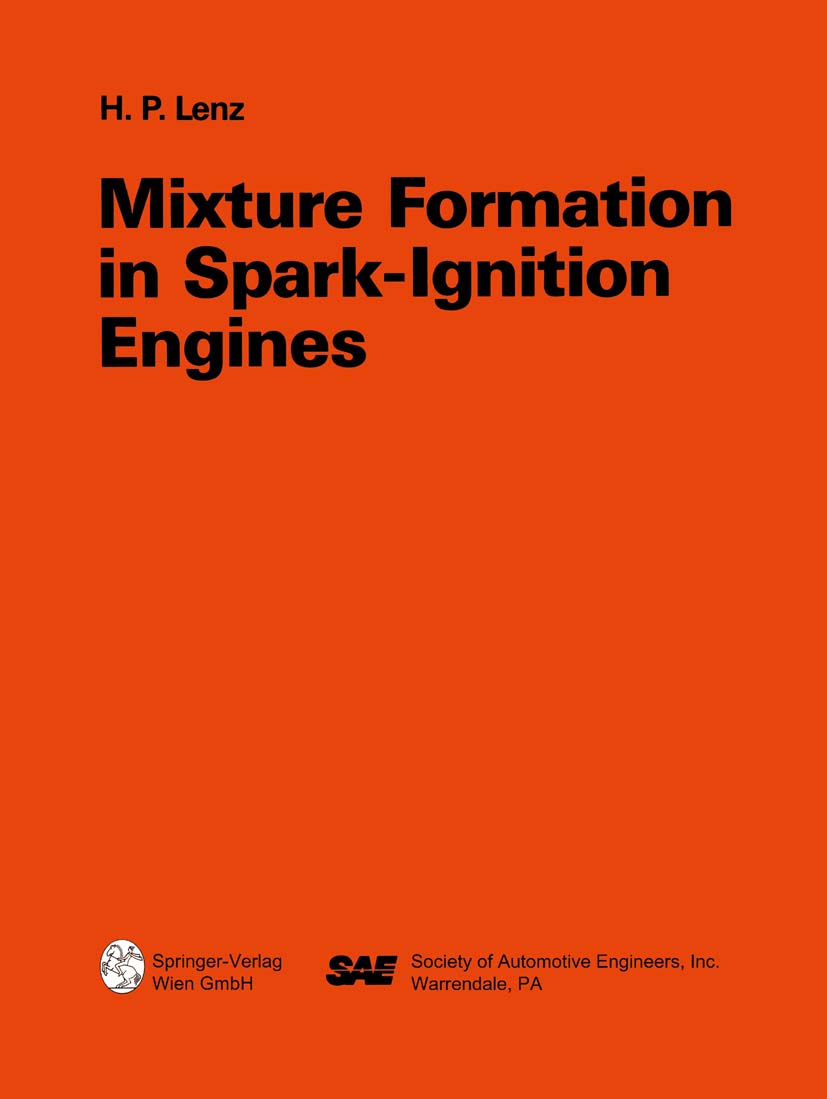
Mixture Formation in Spark-Ignition Engines Twentyfour years have gone by since the publication of K. Lohner and H. Muller's comprehen sive work "Gemischbildung und Verbrennung im Ottomotor" in 1967 [1.1]' Naturally, the field of mixture formation and combustion in the spark-ignition engine has wit nessed great technological advances and many new findings in the intervening years, so that the time seemed ripe for presenting a summary of recent research and developments. There fore, I gladly took up the suggestion of the editors of this series of books, Professor Dr. H. List and Professor Dr. A. Pischinger, to write a book summarizing the present state of the art. A center of activity of the Institute of Internal-Combustion Engines and Automotive Engineering at the Vienna Technical University, which I am heading, is the field of mixture formation -there fore, many new results that have been achieved in this area in collaboration with the respective industry have been included in this volume. The basic principles of combustion are discussed only to that extent which seemect necessary for an understanding of the effects of mixture formation. The focal point of this volume is the mixture formation in spark-ignition engines, covering both the theory and actual design of the mixture formation units and appropriate intake manifolds. Also, the related measurement technology is explained in this work. TECHNOLOGY & ENGINEERING,Machinery
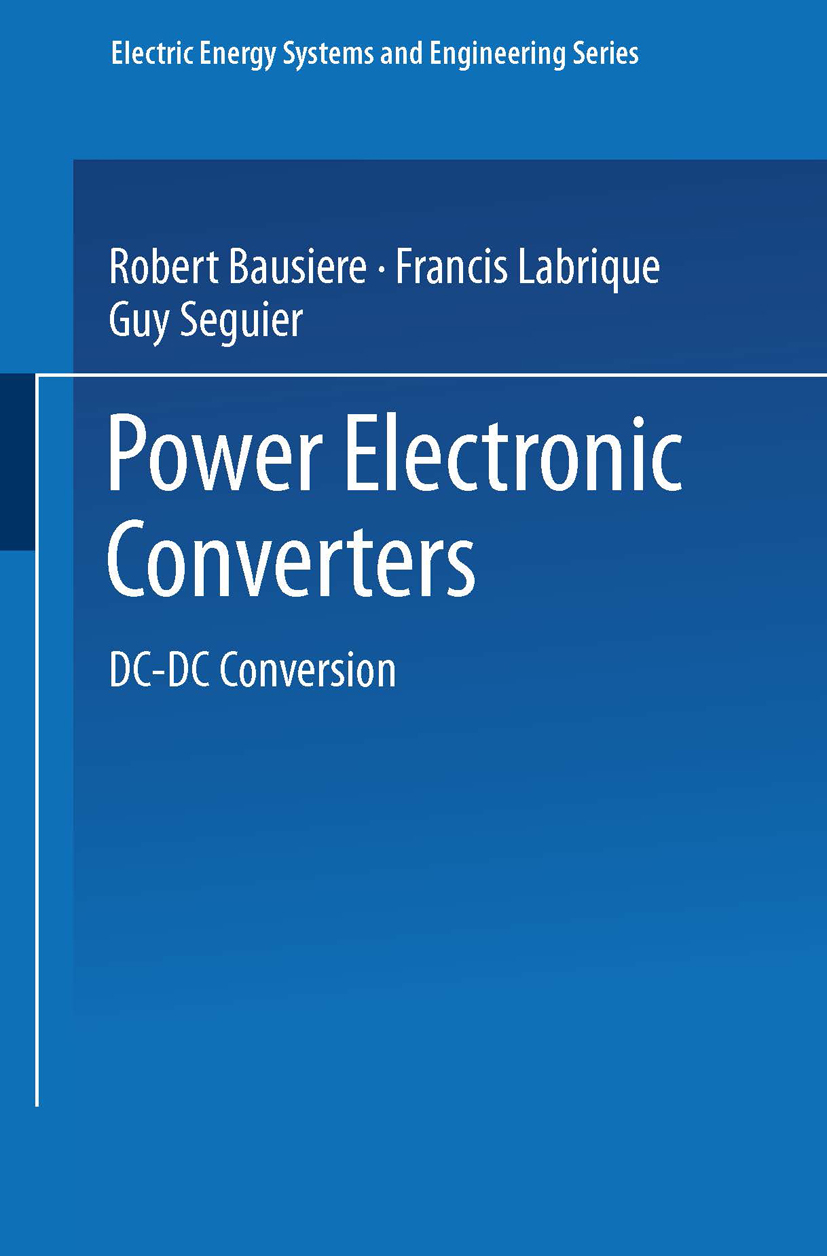
Power Electronic Converters This book is the third in a series of four devoted to POWER ELECTRONIC CONVERTERS: The first of these concerns AC to DC conversion. The second concerns AC to AC conversion. This volume examines DC to DC conversion. The fourth is devoted to DC to AC conversion. Converters which carry out the DC-DC conversion operate by chopping the input voltage or current: they are called choppers or switch-mode power converters. Their operating frequency is not imposed by either the input or the output, both of which are at zero frequency. A frequency which is much greater than that of the industrial network can be chosen, provided that suitable configurations and semiconductor devices are used. This is the first difference compared to the rectifiers and AC-AC converters, analyzed in the previous volumes and which often operate at the industrial network frequency. The second difference concerns the commutation mode. Choppers operate in forced commutation. The beginning of an operating phase does not auto matically turn off the semiconductor devices which were conducting during the previous phase and which have to be brought to the blocking state. This turn-off must be carried out autonomously. These two differences - the higher frequency of commutations and, espe cially, the different mode of commutation -justify the first two chapters in this work: - Chapter 1 examines general notions concerning converters, supplies and loads, and more especially, how they can be characterized with regard to commutations. TECHNOLOGY & ENGINEERING,Machinery
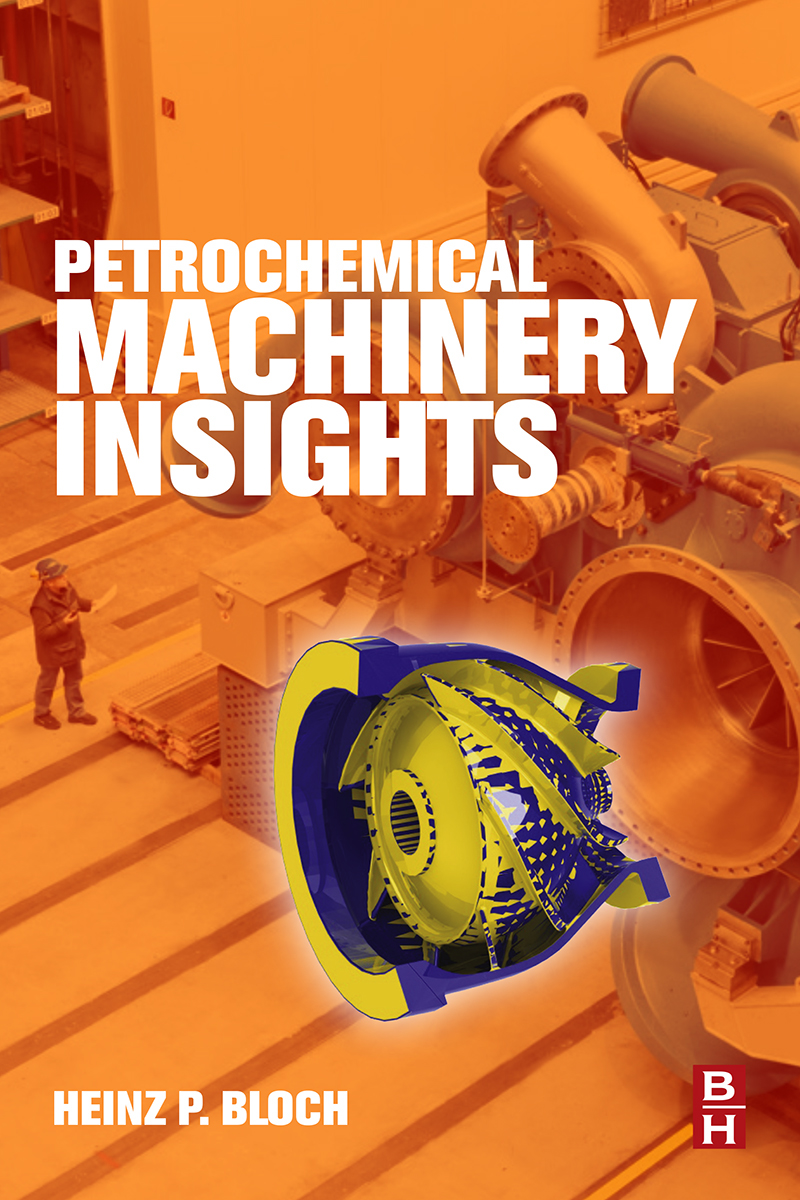
Petrochemical Machinery Insights Petrochemical Machinery Insights is a priceless collection of solutions and advice from Heinz Bloch on a broad range of equipment management themes, from wear to warranty issues, organizational problems and oil mist lubrication, and professional growth and pre-purchase of machinery. The author draws on his industry experience to hone in on important problems that do not get addressed in other books, providing actionable details that engineers can use. Mechanical, reliability, and process engineers will find this book the next best thing to having Heinz Bloch on speed dial. Focuses on pieces of hard-won experience from the industry that are rarely included in other books Presents not just a guide to technical problems, but also to crucial themes in management and organization Includes an informal and honest style, making author Heinz Bloch's 40 years of experience accessible to a broad audience of readers Contains a uniting theme that successful asset management requires the separation of application and implementation details TECHNOLOGY & ENGINEERING,Machinery
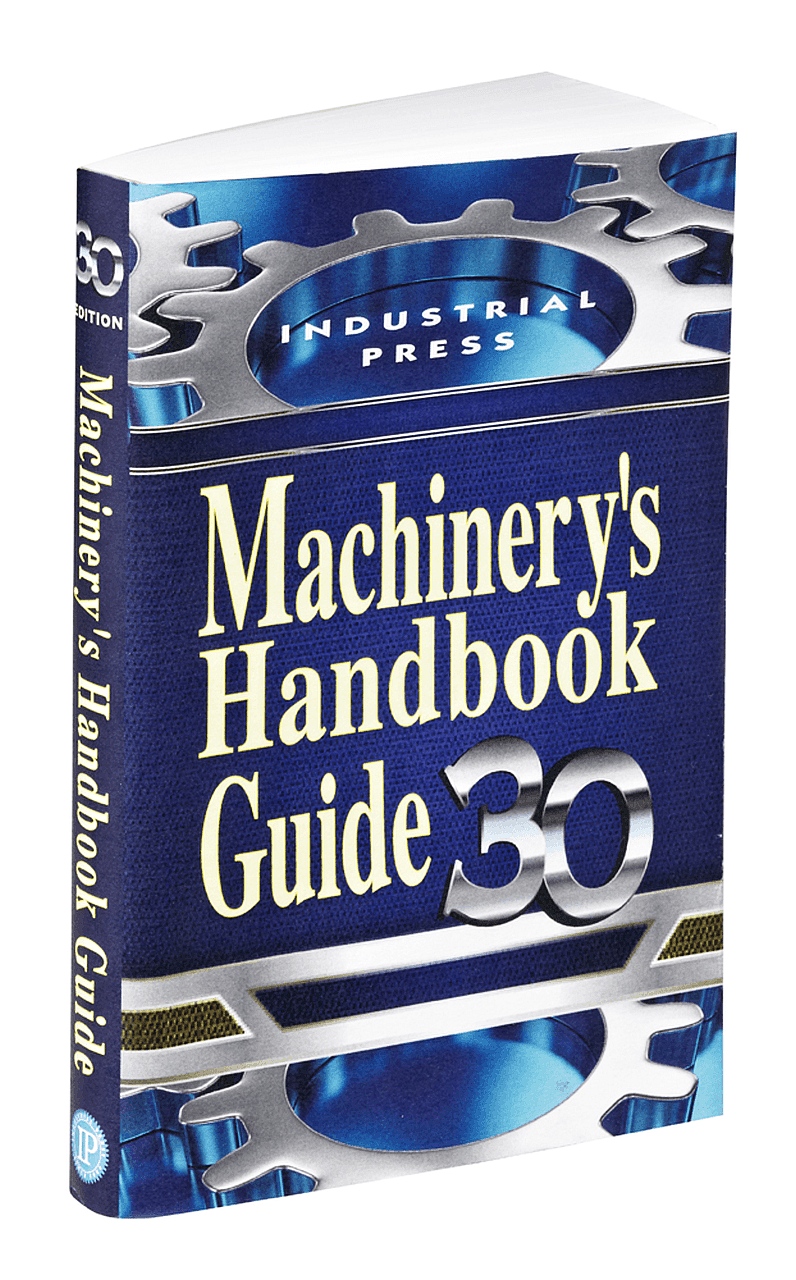
Machinery's Handbook Guide Completely updated and revised to reflect the changes and additions made to the Machinery’s Handbook, 30th Edition, the Machinery’s Handbook Guide enables users to maximize the enormous practical value of the invaluable information in the Handbook. TECHNOLOGY & ENGINEERING,Machinery

Machinery's Handbook, Large Print Note: This edition is called “Large Print†as it is an enlarged (7" X 10") version of the original, smaller (4.6" x 7") Toolbox sized edition of this title. The text in this edition is the size of standard reference materials and is not enlarged print for individuals with partial sight. For more than 100 years, Machinery's Handbook has been the most popular reference work in metalworking, design, engineering and manufacturing facilities, and technical schools and colleges throughout the world. It is universally acknowledged as an extraordinarily authoritative, comprehensive, and practical tool, providing its users with the most fundamental and essential aspects of sophisticated manufacturing practice. The 30th edition of the “Bible of the Metalworking Industries†contains major revisions of existing content, as well as new material on a variety of topics. It is the essential reference for mechanical, manufacturing, and industrial engineers, designers, draftsmen, toolmakers, machinists, engineering and technology students, and the serious home hobbyist. New to the 30th Edition: Expanded metrology section, including v-blocks and micrometer, vernier, and dial calipers. New fluid power section covering pneumatic,hydraulic, and vacuum theory and applications. New powder metallurgy section, including additive manufacturing. Even more useful specs, including tap drill sizes for Unified threads, reaming allowances for drilling, mesh and grit sizes, rules for figuring tapers, and assembly with pins and studs. Recently added information on sheet metal and presses, keys and keyways, shaft alignment, taps and tapping, helical coil screw thread inserts, metric screw threads, miniature screws, fluid mechanics, solid geometry, statistics, calculating hole coordinates and thread dimensions, and distinguishing between bolts and screws. Plus . . . Many thoroughly reworked and renovated sections throughout. Comprehensive tables of contents at the beginning of each section and extensive indexing. Hundreds of new and thousands of refined and redone illustrations and equations. Updated standards. Expanded metric content. TECHNOLOGY & ENGINEERING,Machinery
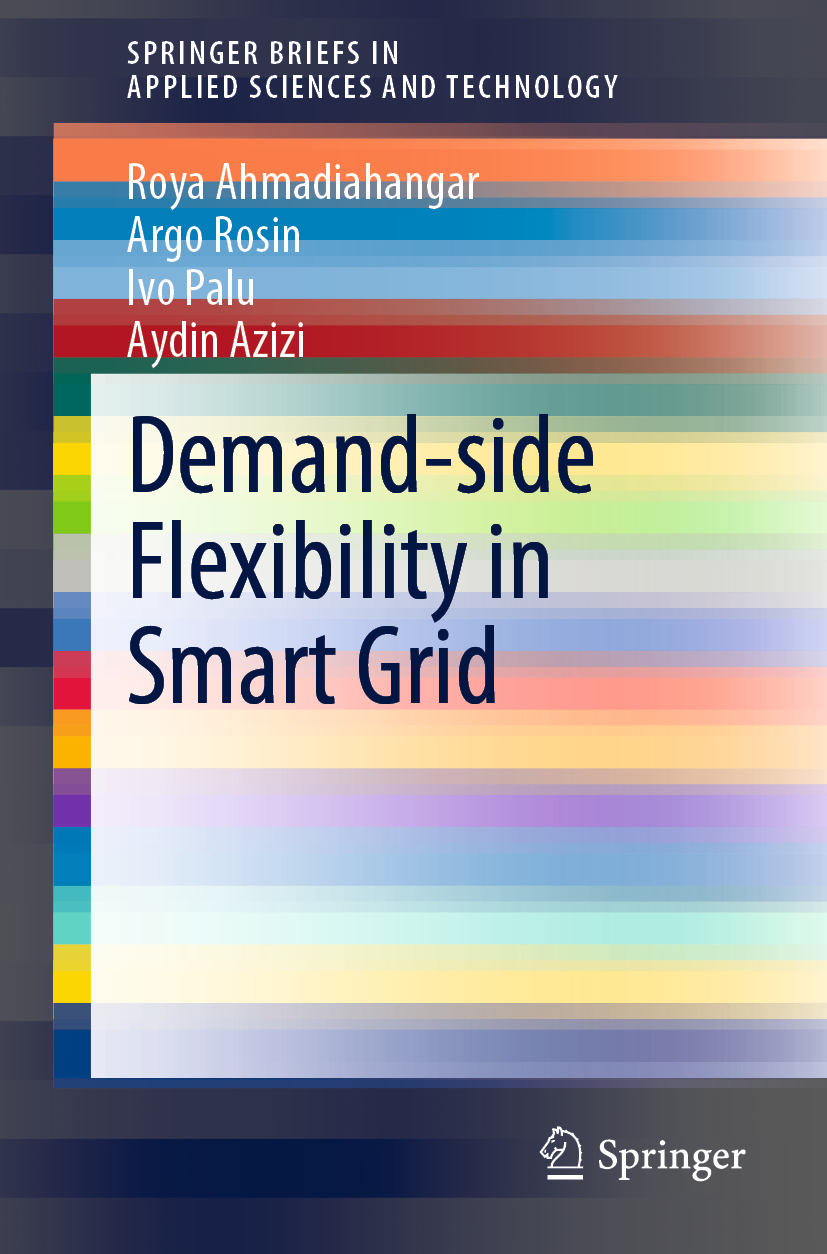
Demand-side Flexibility in Smart Grid This book highlights recent advances in the identification, prediction and exploitation of demand side (DS) flexibility and investigates new methods of predicting DS flexibility at various different power system (PS) levels. Renewable energy sources (RES) are characterized by volatile, partially unpredictable and mostly non-dispatchable generation. The main challenge in terms of integrating RES into power systems is their intermittency, which negatively affects the power balance. Addressing this challenge requires an increase in the available PS flexibility, which in turn requires accurate estimation of the available flexibility on the DS and aggregation solutions at the system level. This book discusses these issues and presents solutions for effectively tackling them. TECHNOLOGY & ENGINEERING,Machinery

Proceedings of 5th International Conference on the Industry 4.0 Model for Advanced Manufacturing This book gathers the proceedings of the 5th International Conference on the Industry 4.0 Model for Advanced Manufacturing (AMP 2020), held in Belgrade, Serbia, on 1–4 June 2020. The event marks the latest in a series of high-level conferences that bring together experts from academia and industry to exchange knowledge, ideas, experiences, research findings, and information in the field of manufacturing. The book addresses a wide range of topics, including: design of smart and intelligent products, developments in CAD/CAM technologies, rapid prototyping and reverse engineering, multistage manufacturing processes, manufacturing automation in the Industry 4.0 model, cloud-based products, and cyber-physical and reconfigurable manufacturing systems. By providing updates on key issues and highlighting recent advances in manufacturing engineering and technologies, the book supports the transfer of vital knowledge to the next generation of academics and practitioners. Further, it will appeal to anyone working or conducting research in this rapidly evolving field. TECHNOLOGY & ENGINEERING,Machinery

Application of Tap changers to Transformers This book focuses on the role and application of tap changers to power transformers and the power transmission industry in general. Starting with an elementary introduction to the fundamentals of tap changers, the book discusses the evolution of resistance tap changers and their current applications. It also includes the most recent technologies in the field like the vacuum and reactor tap changers, and discusses the driving mechanisms, operations and maintenance. This book can be a very useful reference for power systems professionals, engineering consultants, transformer manufacturers, and R&D organizations in the specification, installation, operation and maintenance of tap changers. TECHNOLOGY & ENGINEERING,Machinery
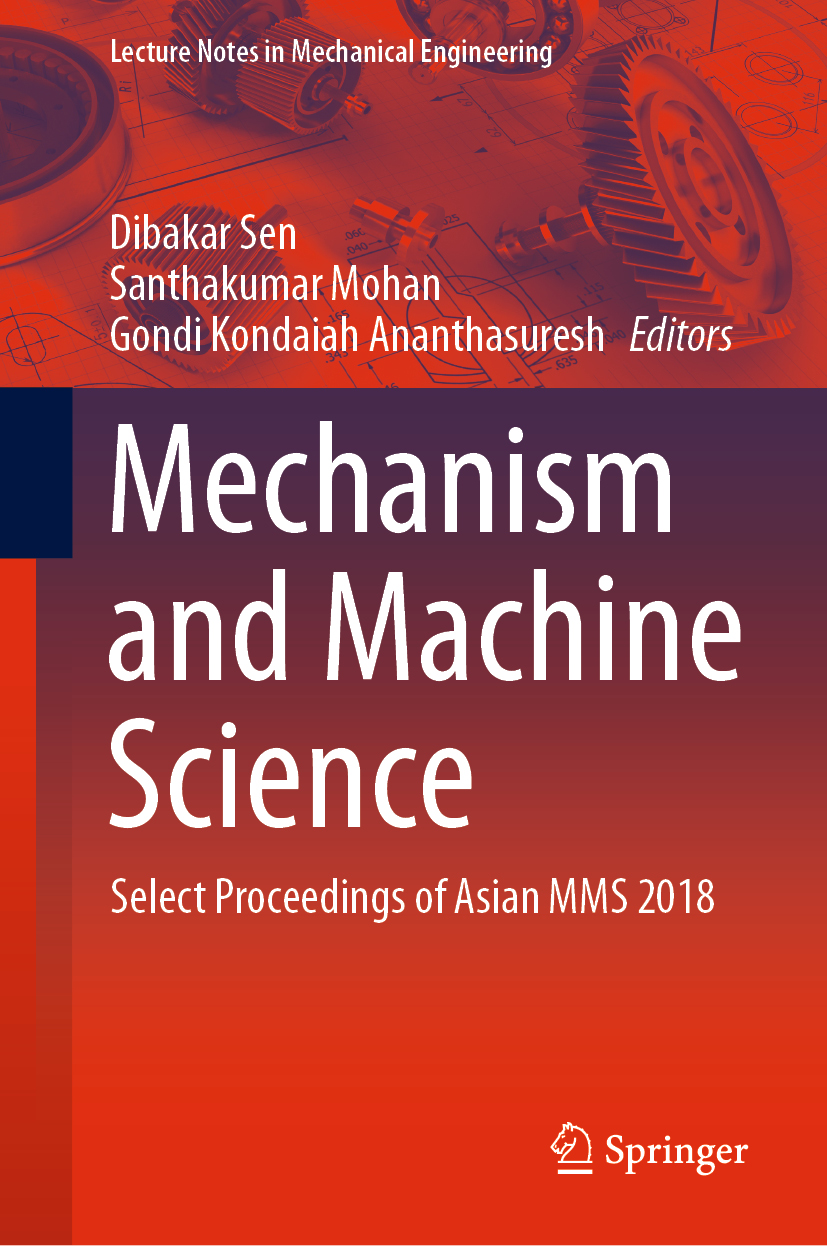
Mechanism and Machine Science This volume presents select papers from the Asian Conference on Mechanism and Machine Science 2018. This conference includes contributions from both academic and industry researchers and will be of interest to scientists and students working in the field of mechanism and machine science. TECHNOLOGY & ENGINEERING,Machinery
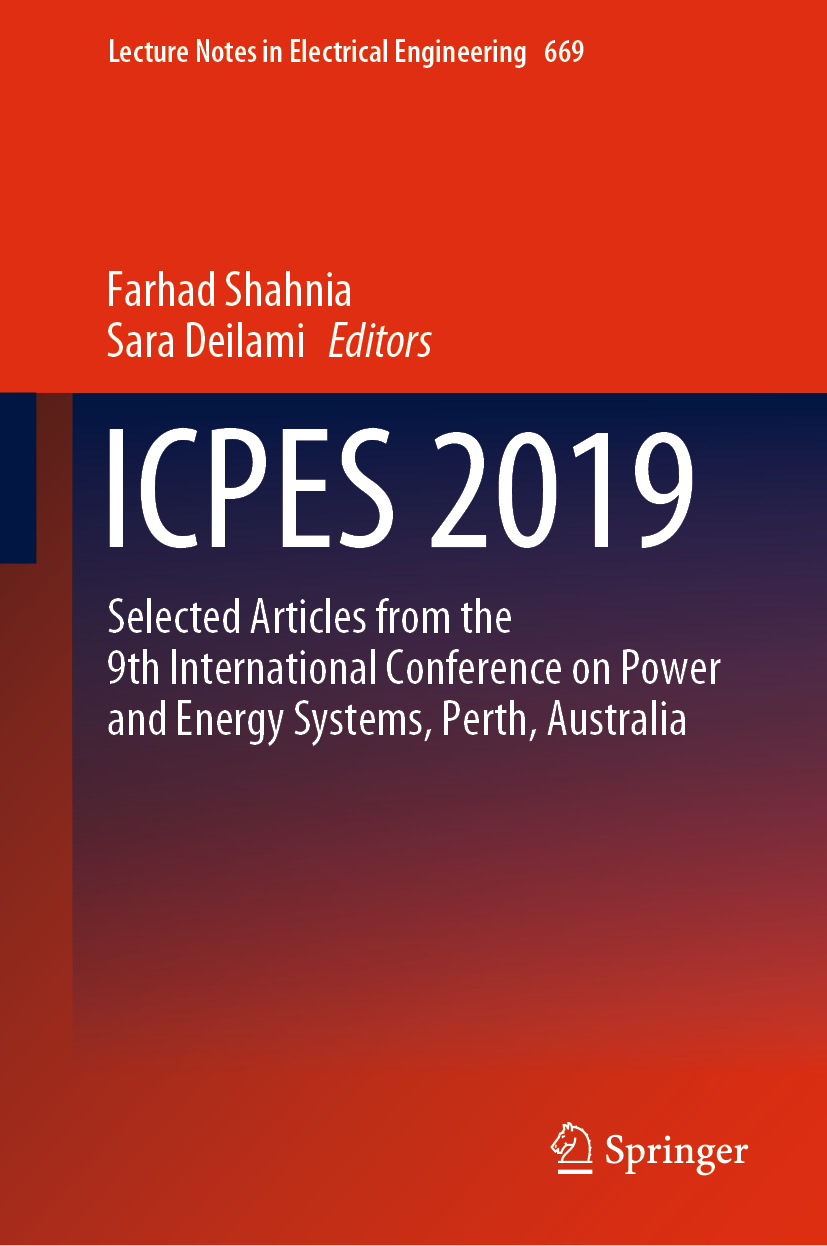
ICPES 2019 This book highlights various applications of renewable energy systems and their enabling technologies in electrical power systems. It features selected articles from the 9th International Conference on Power and Energy Systems (ICPES 2019), held in Perth, Australia, which presented the latest advances in the field and provided a platform to exchange ideas and foster future collaboration with a sustainable future in mind. TECHNOLOGY & ENGINEERING,Machinery
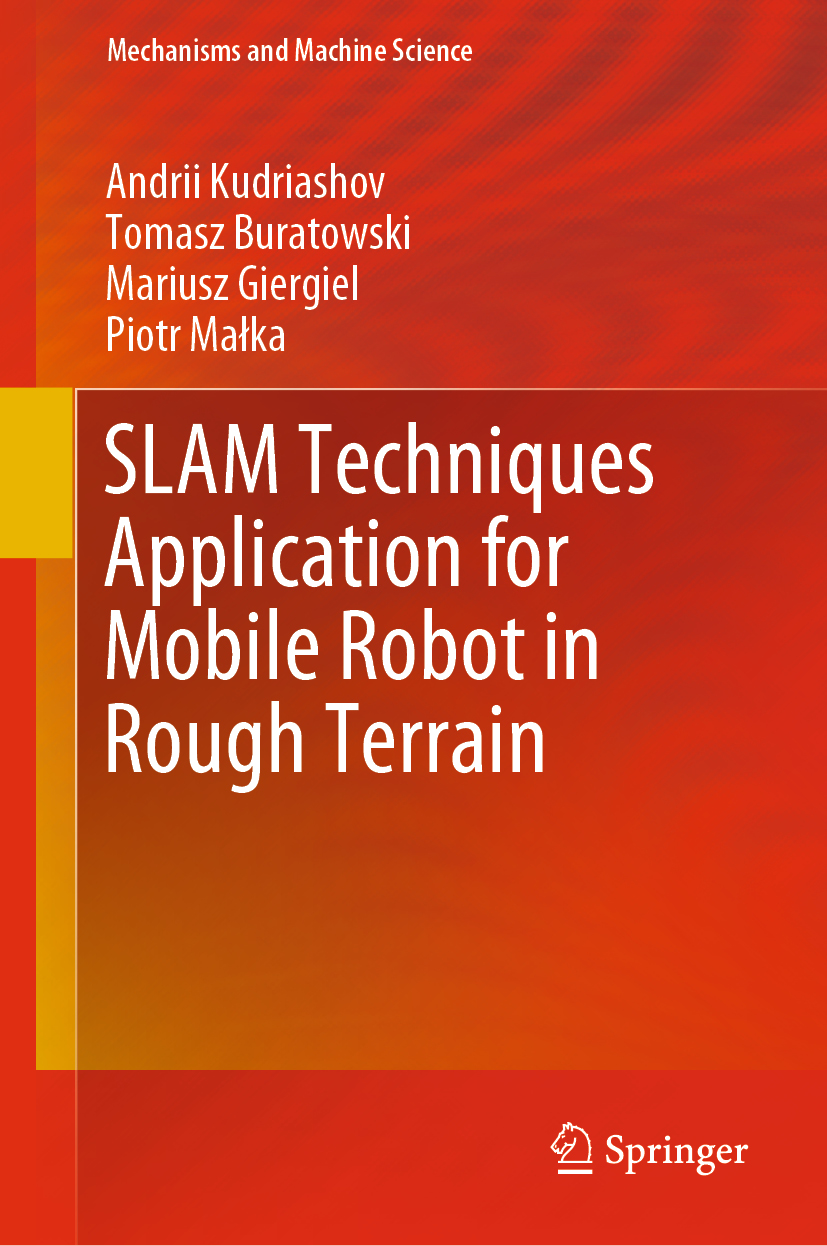
SLAM Techniques Application for Mobile Robot in Rough Terrain This book presents the development of SLAM-based mobile robot control systems as an integrated approach that combines the localization, mapping and motion control fields, and reviews several techniques that represent the basics of the mathematical description of wheeled robots, their navigation and path planning approaches, localization and map creating techniques. It examines SLAM paradigms and Bayesian recursive state and map estimation techniques, which include Kalman and particle filtering, and enable the development of a SLAM-based integrated system for the inspection task performed. The system’s development is divided into two phases: a single-robot approach and multirobot inspection system. The book describes an original approach to 2D SLAM in multi-floor buildings that covers each 2D level map, as well as continuous 3D pose tracking, and views the multirobot inspection system as a group of homogeneous mobile robots. The last part of the book is dedicated to multirobot map creation and the development of path planning solutions, which allow the robots’ homogeneous behavior and configuration to be used to develop a multirobot system without theoretical limitations on the number of robots used. TECHNOLOGY & ENGINEERING,Machinery
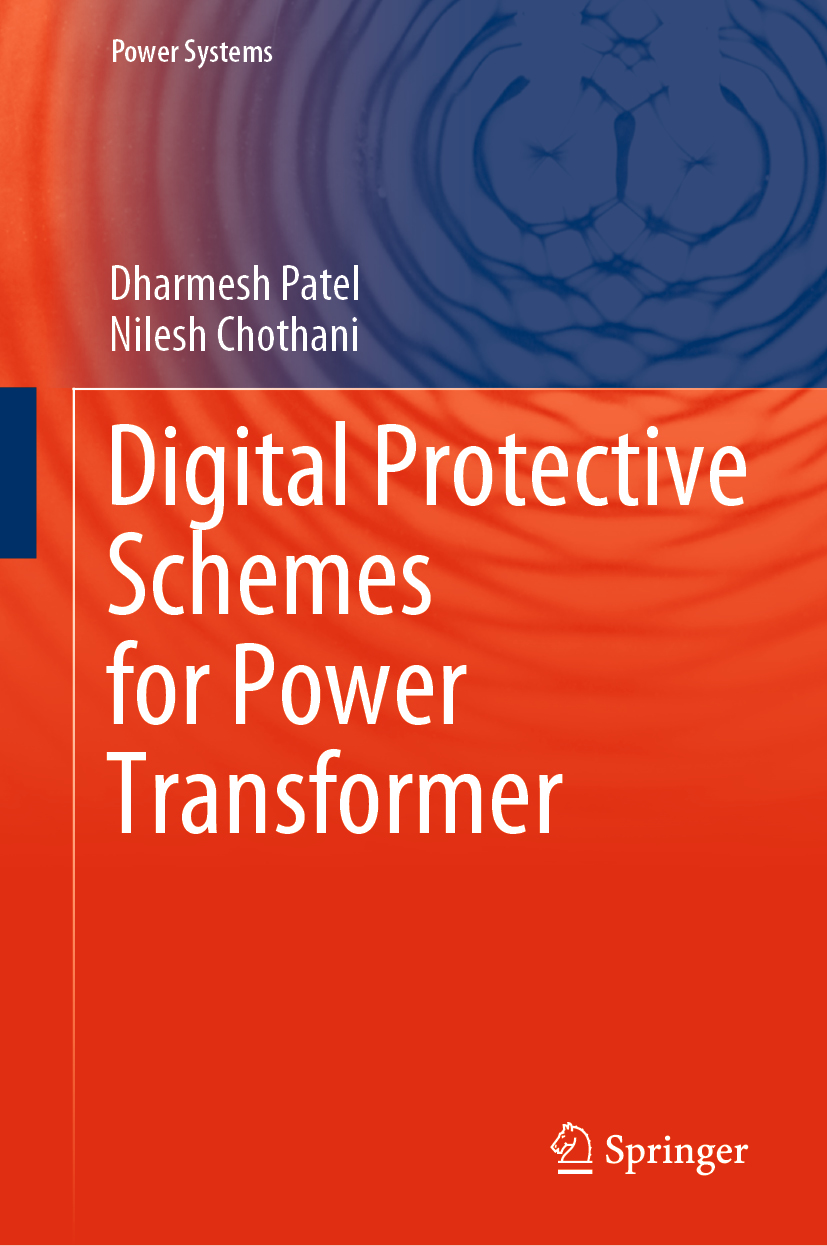
Digital Protective Schemes for Power Transformer This book provides a comprehensive overview of protection schemes used for power transformers and describes the internal fault conditions and external abnormalities that may disrupt the operation of a power transformer. It also highlights the issues of current protective schemes, which pose several challenges in terms of the detection of internal faults and abnormalities, including computational burden, reduced accuracy, difficulty to implement, increased cost, computational complexity, impermeability to high resistance faults (HRF), and malfunction in conditions like cross-country fault. To address these problems, the book develops an effective novel transformer protection scheme that can eliminate all the said difficulties using an innovative algorithm. Given its scope, it is a useful resource for researchers and practitioners working in the field of power system protection, allowing them to design novel protection schemes, and providing insights into the hardware validation of developed technique. TECHNOLOGY & ENGINEERING,Machinery

5th International Colloquium on Transformer Research and Asset Management This book presents the proceedings of the 5th International Colloquium “Transformer Research and Asset Management,†held in Opatija, Croatia, on October 9–12, 2019. The papers chiefly focus on three groups of topics: 1. Numerical Modeling: Electromagnetic fields—Coupled fields—Transients—Numerical modeling in design 2. Materials, Components and New Technologies: Insulating materials—Magnetic materials and transformer noise—Transformer components—New transformer technologies 3. Transformer Lifecycle Management: Diagnostics and monitoring—Failure—Asset management—In-service experiences. The Colloquium was organized by the Croatian National Committee of CIGRE together with the Faculty of Electrical Engineering and Computing in Zagreb and the Centre of Excellence for Transformers TECHNOLOGY & ENGINEERING,Machinery
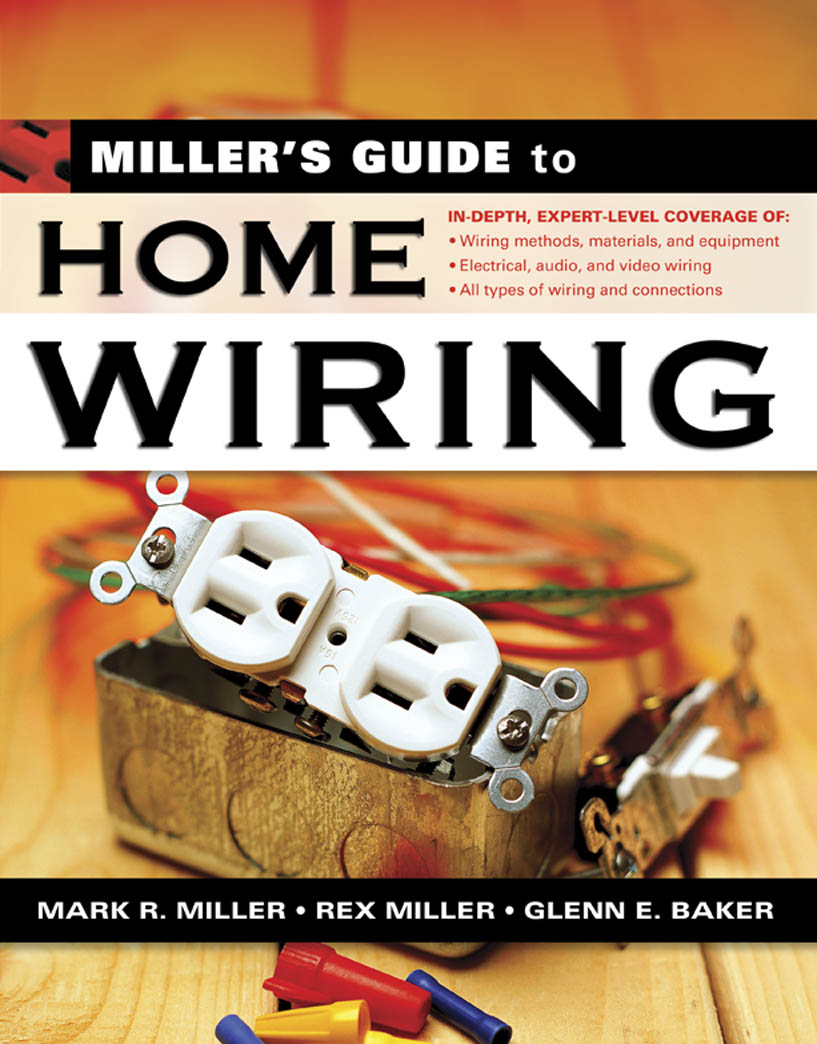
Miller's Guide to Home Wiring Introducing the Carpentry & Construction Series from McGraw-Hill The experts show you how to tackle any wiring, remodeling, or plumbing project Written by authors of McGraw-Hill's popular Carpentry & Construction, Fourth Edition, this new, dollar-saving series is great for do-it-yourselfers, weekend repairmen and home owners, as well as seasoned pros who want to stay on top of the latest methods, materials, equipment and code requirements. Organized according to the actual stages of construction, these titles detail everything needed to successfully plan, manage, and complete a job. All are heavily illustrated and contain valuable tip-boxes throughout. * Covers electrical as well as audio and video wiring * Explains all types of wires and connections TECHNOLOGY & ENGINEERING,Manufacturing
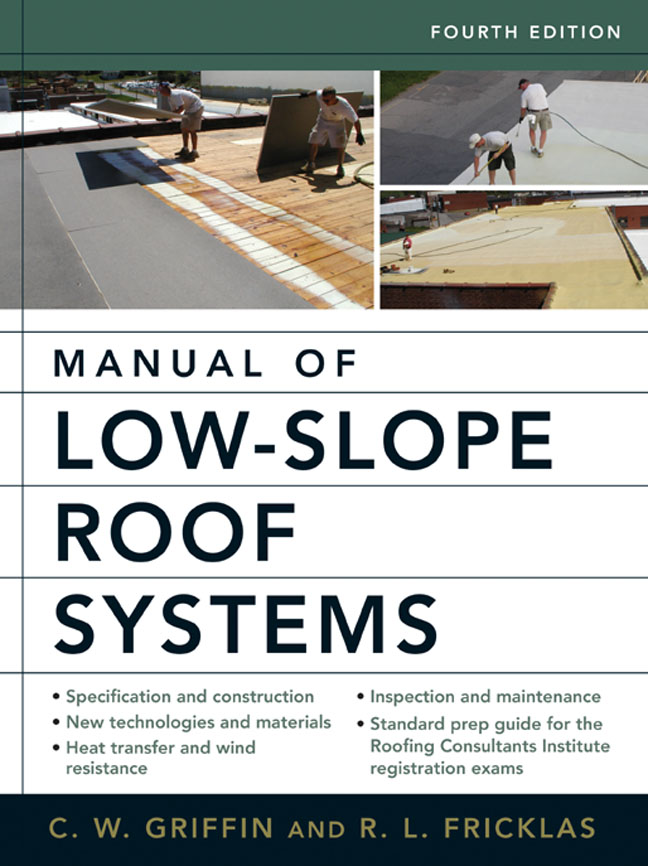
Manual of Low-Slope Roof Systems For decades, this manual has been the most widely respected guide to designing, constructing, and maintaining low-slope roofing systems. TECHNOLOGY & ENGINEERING,Manufacturing
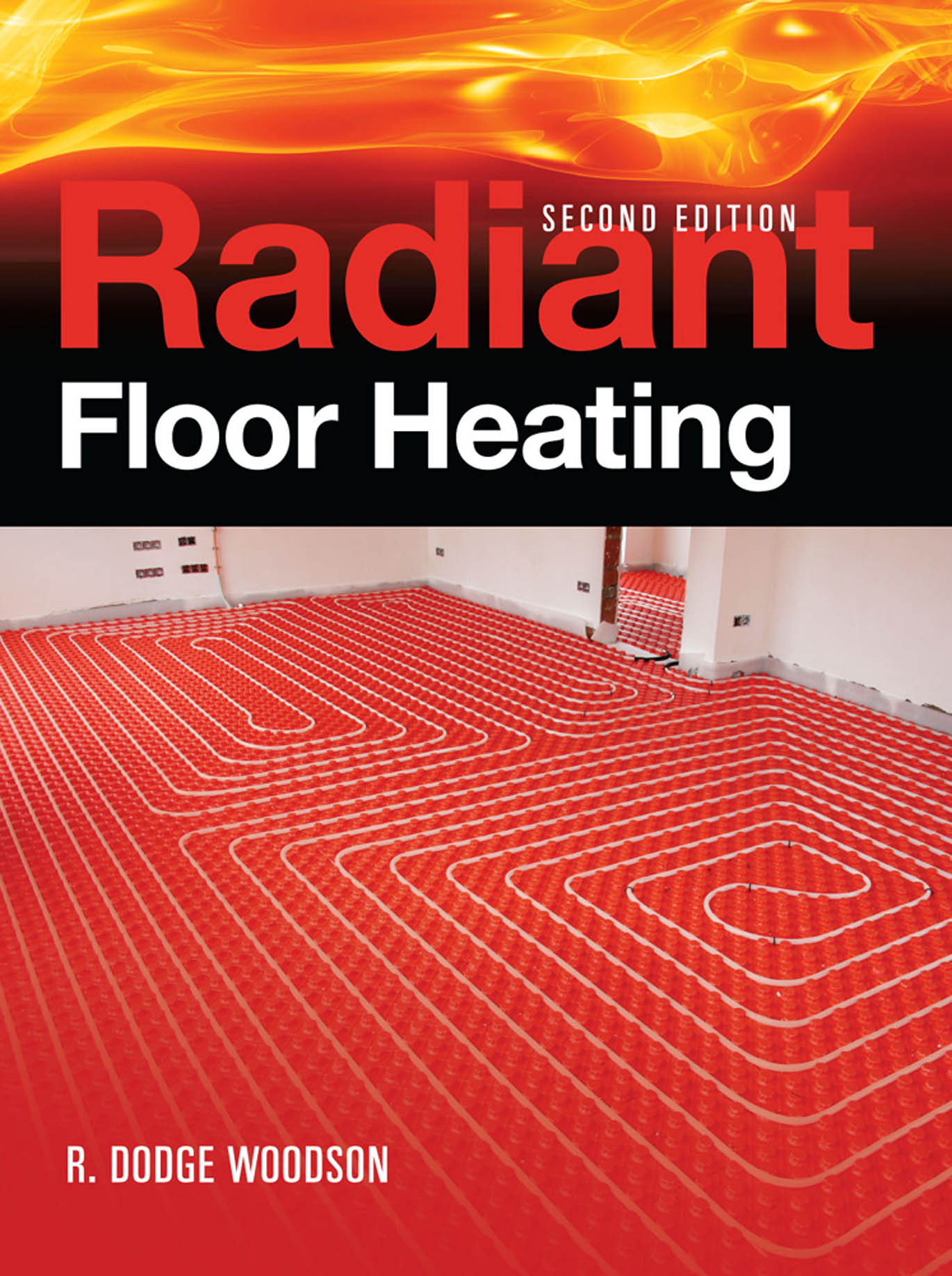
Radiant Floor Heating, Second Edition The latest radiant floor heating methods and materials In this fully updated guide, master plumber and long-time contractor R. Dodge Woodson explains, step by step, how to install, test, and debug in-floor heating systems--the healthy, quiet, economical, and clean heating method. Radiant Floor Heating, Second Edition now offers details on alternative fuel sources and covers new material options and installation procedures, updated code information, and state-of-the-art piping and heating equipment. Revised illustrations featuring modern products are included in this practical resource. Get everything you need to: Understand and explain the advantages of in-floor radiant heating Select superior equipment--tubing, boilers, expansion tanks, pumps, and controls Install embedded and dry radiant heat systems in new or existing homes Incorporate hot water heating into your designs Set up heating zones for variable temperatures throughout a house Design a solar-powered system Use alternative fuel sources Provide outdoor ice removal and other amenities Troubleshoot and repair system problems TECHNOLOGY & ENGINEERING,Manufacturing
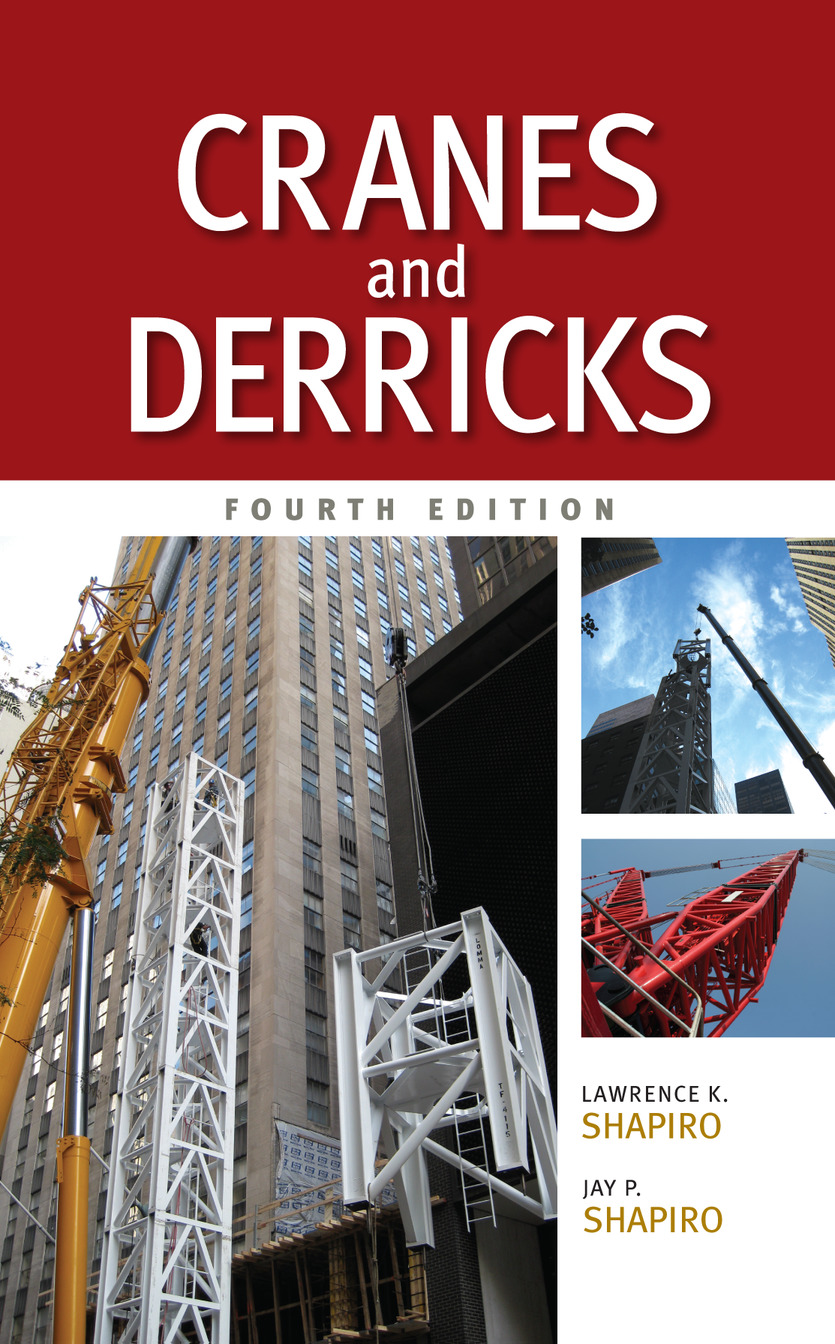
Cranes and Derricks, Fourth Edition The Definitive Handbook on Cranes and Derricks--Updated Per the Latest Standards and Equipment Fully revised throughout, Cranes and Derricks. Fourth Edition, offers comprehensive coverage of the selection, installation, and safe use of cranes and derricks on construction sites. Written for both engineers and non-engineers by the principals of an engineering consulting firm that has helped to define the state-of-the-art in crane and derrick engineering, this authoritative guide discusses a wide range of equipment and the operations, capabilities, advantages, and disadvantages of each device. References to U.S. and international codes and standards are included in this practical resource, as well as a comprehensive glossary. Cranes and Derricks, Fourth Edition, covers: Lifting equipment theory and fundamentals Crane and derrick types and configurations Mobile crane practices for both crawler and wheel-based cranes Multiple crane picks Installation design for tower cranes Jumping of tower cranes Chicago boom, guy, gin pole, stiffleg, and other forms of derricks Loads acting on cranes and the forces imposed by cranes on their supports Analysis of wind using ASCE-37 and ASCE-7 Stability against overturning Safety and risk management TECHNOLOGY & ENGINEERING,Manufacturing
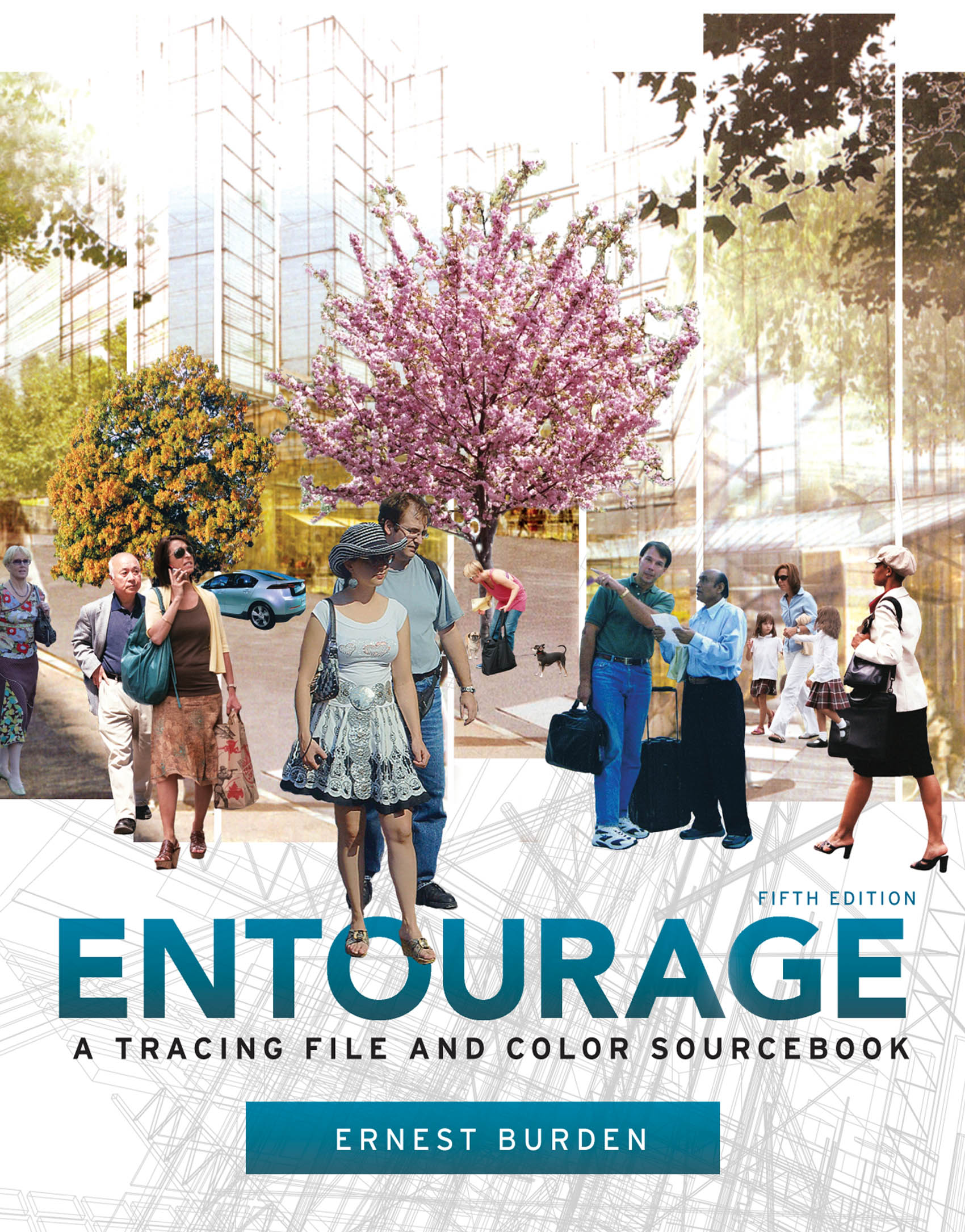
Entourage 5th Edition The definitive tracing file for design professionals--updated and expanded Packed with hundreds of traceable drawings and more than 1000 photographic images, Entourage, Fifth Edition, provides a quick and easy way to create visually persuasive architectural presentations. This fully revised volume offers a vast assortment of contemporary entourage figures that allows architects, commercial artists, interior and graphic designers, and draftspersons to bring designs to life. You'll also get tips for creating your own entourage file of images--including where to search, how to photograph them, and how to develop them into usable illustrations. Add more power and impact to your presentations using this invaluable, state-of-the-art resource. Entourage, Fifth Edition, features: Up-to-date images of diverse people, trees and plants, vehicles, and other environmental elements Figures and objects in various sizes, scales, and postures Valuable tips for altering images in Photoshop How-to information for composing entourage images in drawing layouts Real-world examples of how professional renderers use entourage elements in their drawings Tips for effectively conveying the function of the depicted project A convenient organization based on size and category of figure Full color images of people, trees, vehicles, and more on enclosed DVD Add to the success of your architectural sketches and color renderings with the new and expanded Fifth Edition of Entourage. TECHNOLOGY & ENGINEERING,Manufacturing

Large-Scale Solar Power System Design (GreenSource Books) The Definitive Guide to Large-Scale, Grid-Connected Solar Power System Design and Construction This GreenSource book provides comprehensive engineering design and construction guidelines for large-scale solar power system projects. Proven design methodologies are detailed installation diagrams are included in this practical resource. Large-Scale Solar Power System Design offers complete coverage of solar power system technologies and components, planning, cost estimates, financing, project management, safety, and testing. This authoritative guide fully addresses the complex technical and management issues associated with large-scale, grid-connected solar power system implementations. COVERAGE INCLUDES: Solar power system technologies, including photovoltaic and thin-film solar cells Solar power system physics Photovoltaic power system feasibility study Solar power system costing Solar power system design Large-scale solar power system construction Concentrator photovoltaic systems Solar power system project management Smart-grid systems Solar thermal power Solar power financing and feed-in tariff programs TECHNOLOGY & ENGINEERING,Manufacturing

Welding LEARN THE ART OF WELDING FROM THE GROUND UP Filled with step-by-step instructions and detailed illustrations, Welding, Second Edition provides an easy-to-follow introduction to oxyacetylene welding and cutting, soldering, and basic metal properties. You'll learn how to set up your workshop, properly use welding equipment, design projects, work safely, and get professional results--even if you have no experience. With coverage of the latest tools, materials, and techniques, this fully updated, hands-on guide serves as an ideal beginner's tutorial as well as an on-the-job reference for experienced welders. Find out how to: Work with oxyacetylene welding fuels, equipment, and supplies Review other welding methods, including arc, tungsten inert gas, and gas metal arc welding Understand the properties and weldability of various metals Use the latest soldering tools and techniques Master brazing, braze welding, cutting metal, and welding thicker metals Follow welding safety procedures and troubleshoot problems Test your knowledge with end-of-chapter review questions Design and set up your own home workshop Build metal projects, including a gate, fireplace grate, and workbench TECHNOLOGY & ENGINEERING,Manufacturing
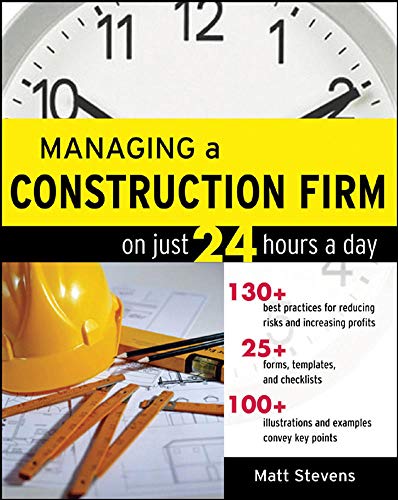
Managing a Construction Firm on Just 24 Hours a Day This detailed overview of the construction contracting business delivers an invaluable collection of best practices, forms, templates, and checklists designed to reduce risks and increase profits. Contractors will learn everything they need to know about the make-or-break areas of estimating, pricing, bidding, project management, and financial management. The author is well-known in the industry, with a weekly newsletter, website, online digest, regular column for Contractor magazine, and 70-plus seminar bookings for 2006 Extensive examples and illustrations help readers apply the insights offered TECHNOLOGY & ENGINEERING,Manufacturing
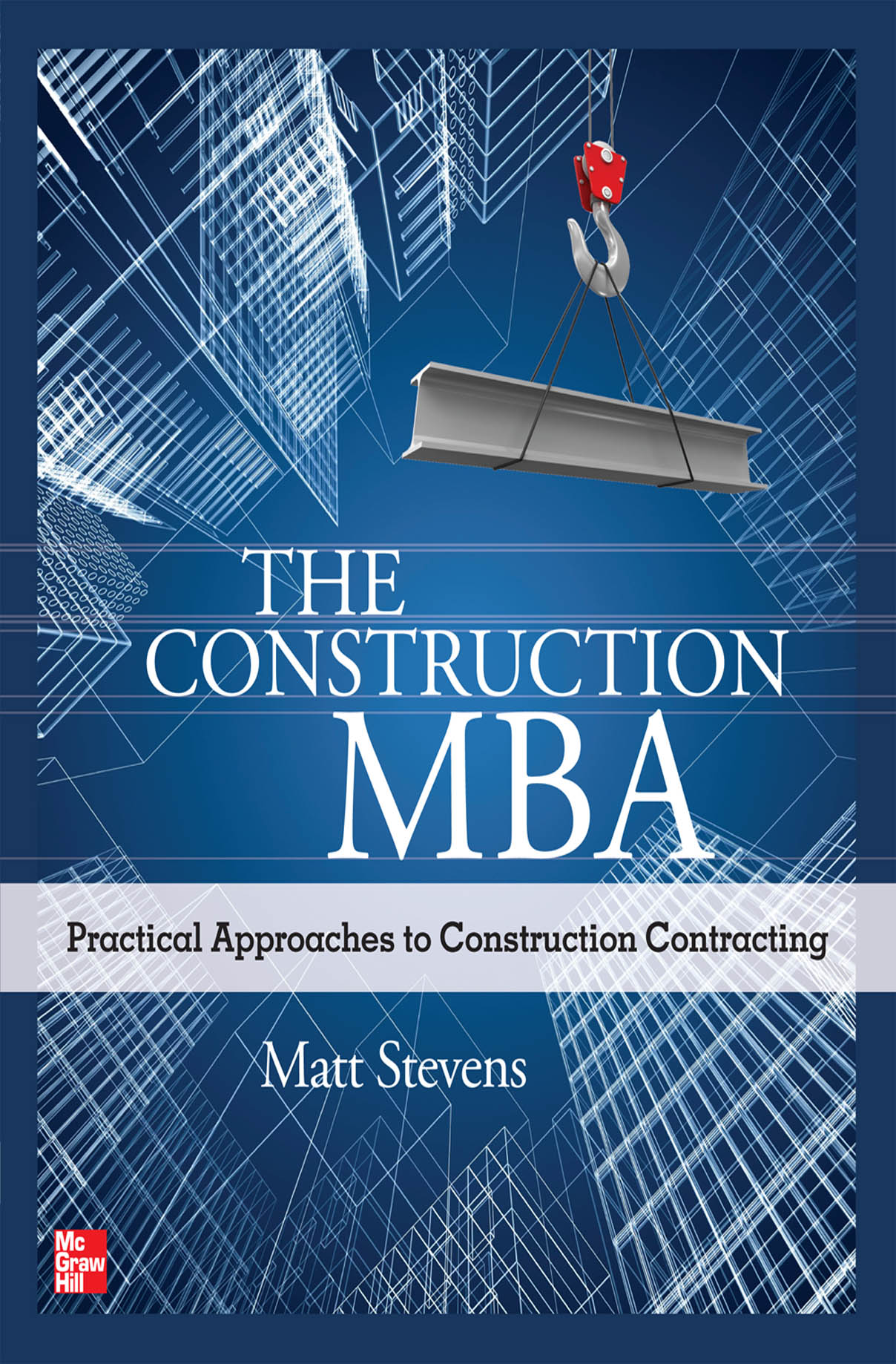
The Construction MBA Proven business strategies for operating a profitable and efficient construction firm Written by a successful management researcher, advisor, and educator to construction contractors, The Construction MBA reveals effective operating practices for managing the multiple processes that must work simultaneously to make a construction firm consistently profitable. The methods in the book apply to both general and specialty contracting firms and describe how to grow both the top line and bottom line. This strategic resource explains how to integrate metrics into your business model that allow you to identify and react to critical trends. You'll learn ways to gain the competitive edge by adopting superior processes, speeding up your business cycle, and maximizing client satisfaction. Tips for positioning your firm on the "sweet spot" of the risk-reward curve are also included. Realworld case studies demonstrate the concepts presented in this practical guide. In addition, eight legendary management books are reviewed and their lessons are applied to the construction contracting business. The Construction MBA covers: The new business model Corporate objectives and strategies Work acquisition Operations management Human resources Financial management Technology Good operating practices TECHNOLOGY & ENGINEERING,Manufacturing

Foundation and Anchor Design Guide for Metal Building Systems MEET THE COMPLEX CHALLENGES OF METAL BUILDING SYSTEMS FOUNDATION DESIGN Expand your professional design skills and engineer safe, reliable foundations and anchors for metal building systems. Written by a practicing structural engineer, Foundation and Anchor Design Guide for Metal Building Systems thoroughly covers the entire process--from initial soil investigation through final design and construction. The design of different types of foundations is explained and illustrated with step-by-step examples. The nuts-and-bolts discussion covers the best design and construction practices. This detailed reference book explains how the design of metal building foundations differs from the design of conventional foundations and how to comply with applicable building codes while avoiding common pitfalls. COVERAGE INCLUDES: Metal building and foundation design fundamentals Soil types, properties, and investigation Unique aspects of foundation design for metal building systems Design of isolated column footings Foundation walls and wall footings Tie rods, hairpins, and slab ties Moment-resisting foundations Slab with haunch, trench footings, and mats Deep foundations Anchors in metal building systems Concrete embedments in metal building systems TECHNOLOGY & ENGINEERING,Manufacturing
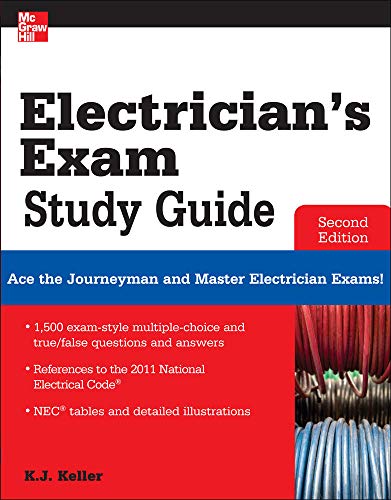
Electrician's Exam Study Guide 2/E Ace the Journeyman and Master Electrician Exams! Featuring more than 1,500 practice questions and answers, Electrician’s Exam Study Guide, Second Edition provides everything you need to prepare for and pass the Journeyman and Master electrician licensing exams on the first try. This practical, up-to-date resource is filled with detailed illustrations, Test Tips which explain how to arrive at the correct answers, and Code Updates which clarify changes in the 2011 NEC. Answer sheets include cross-references to the precise article and section of the NEC from which questions are taken. Fully revised throughout, this careerbuilding guide helps you: Master the material most likely to appear on the licensing exams Improve your test-taking ability with 1,500+ true/false and multiple-choice questions and answers Keep up with the 2011 NEC Acquire the confidence, skills, and knowledge needed to pass your exam Covers essential topics, including: Articles 90 through 110 Wiring requirements and protection Wiring methods and materials Equipment for general use Special occupancies and classifications Special equipment Special conditions Communications Tables, annexes, and examples Math calculations and basic electrical theory Review and applying principles Master electrician skills Techniques for studying and taking your test TECHNOLOGY & ENGINEERING,Manufacturing

Airport Operations, Third Edition THE MOST COMPLETE, UP-TO-DATE GUIDE TO THE MANAGEMENT AND OPERATION OF AIRPORTS Fully revised for the latest FAA, ICAO, and IATA standards and regulations, Airport Operations, Third Edition, provides proven strategies and best practices for efficiently managing airport functions. This in-depth resource offers a broad perspective on the privatization of air transport worldwide. To reflect the evolution of regulatory guidance, two new chapters have been added to address safety management systems and airport operations control centers. New information on the latest trends, including security, environmental impact control, and emerging technologies, is also included. Authoritative yet accessible, this practical reference is ideal for aviation educators, students, airport personnel, airport planners and designers, and aviation managers at all levels. Coverage includes: * The airport as an operational system * Airport peaks and airline scheduling * Airport noise control * Aircraft operating characteristics * Operational readiness * Ground handling * Baggage handling * Passenger terminal operations * Airport security * Cargo operations * Airport technical services * Airport aircraft emergencies * Airport access * Operational administration * Airport safety management systems * Airport operations control centers * The airport operations manual * Sustainable development and environmental capacity of airports TECHNOLOGY & ENGINEERING,Manufacturing
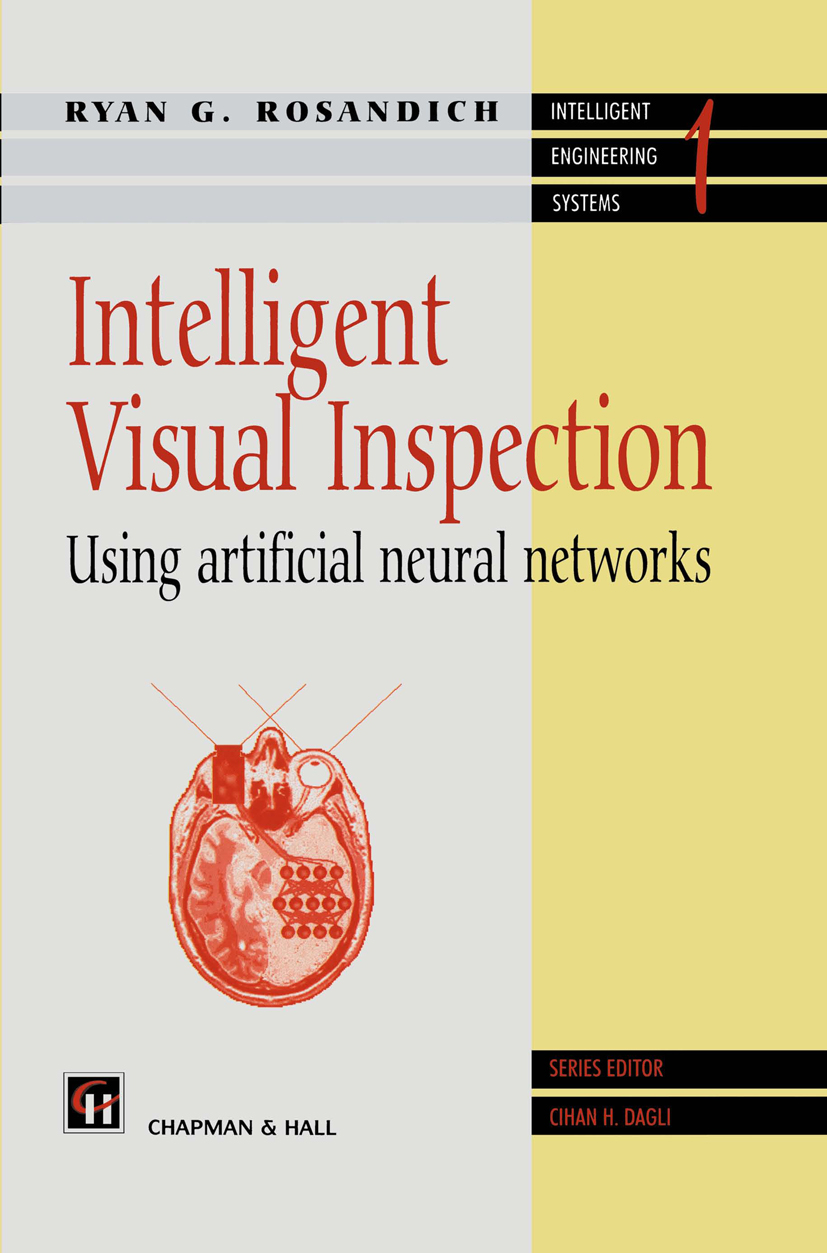
Intelligent Visual Inspection A great deal of research is being done in the areas of artificial vision and neural networks. Although much of this research has been theoretical in nature, many of the techniques developed through these efforts are now mature enough for use in practical applications. Automated Visual Inspection Using Artificial Neural Networks explains the application of recently emerging technology in the areas of artificial vision and neural networks to automated visual inspection. The information is organised in a clear, informative manner, bridging the gap between theoretical research and practical application. Significantly this book includes: * broad coverage of all aspects of the automated visual inspection problem, * details of the HAVENET neural network and the CAMERA vision model, and * detailed descriptions of practical applications of intelligent visual inspection. TECHNOLOGY & ENGINEERING,Manufacturing
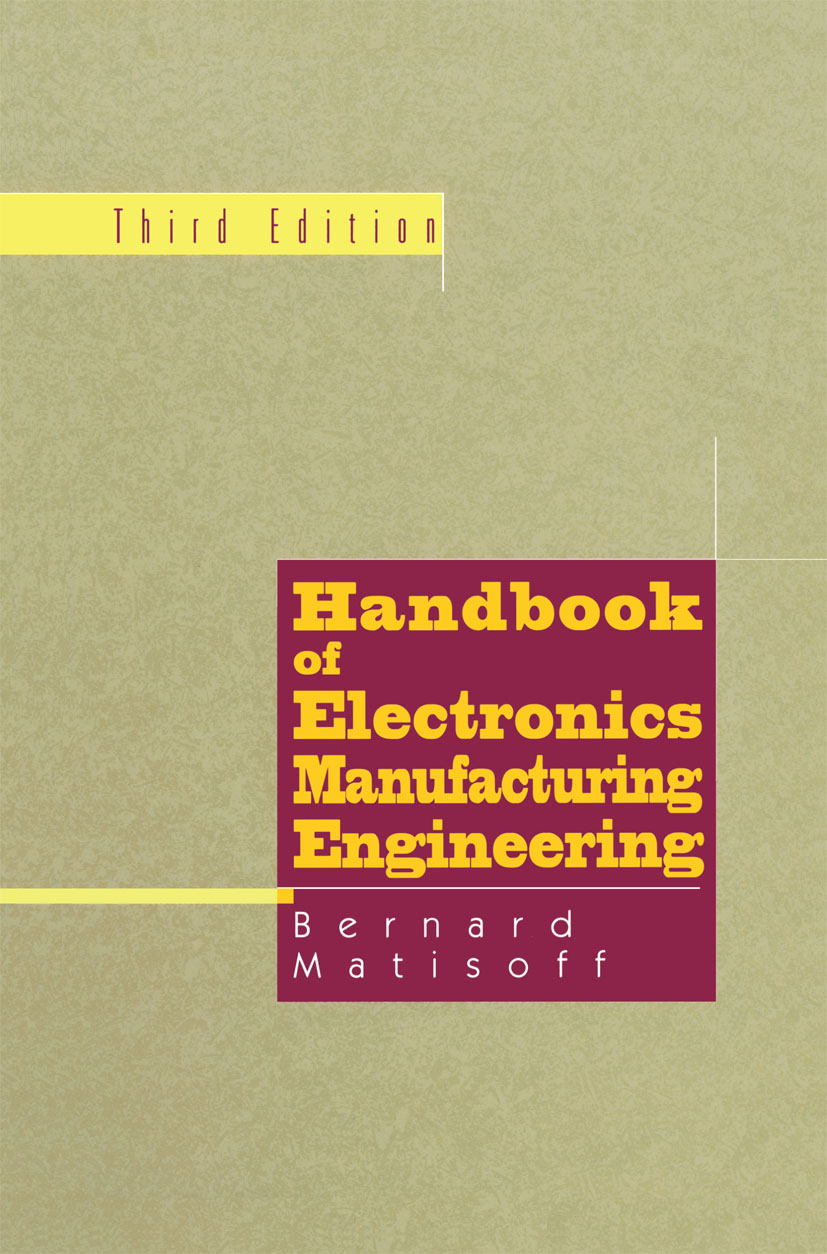
Handbook of Electronics Manufacturing Engineering This single source reference offers a pragmatic and accessible approach to the basic methods and procedures used in the manufacturing and design of modern electronic products. Providing a stategic yet simplified layout, this handbook is set up with an eye toward maximizing productivity in each phase of the eletronics manufacturing process. Not only does this handbook inform the reader on vital issues concerning electronics manufacturing and design, it also provides practical insight and will be of essential use to manufacturing and process engineers in electronics and aerospace manufacturing. In addition, electronics packaging engineers and electronics manufacturing managers and supervisors will gain a wealth of knowledge. TECHNOLOGY & ENGINEERING,Manufacturing
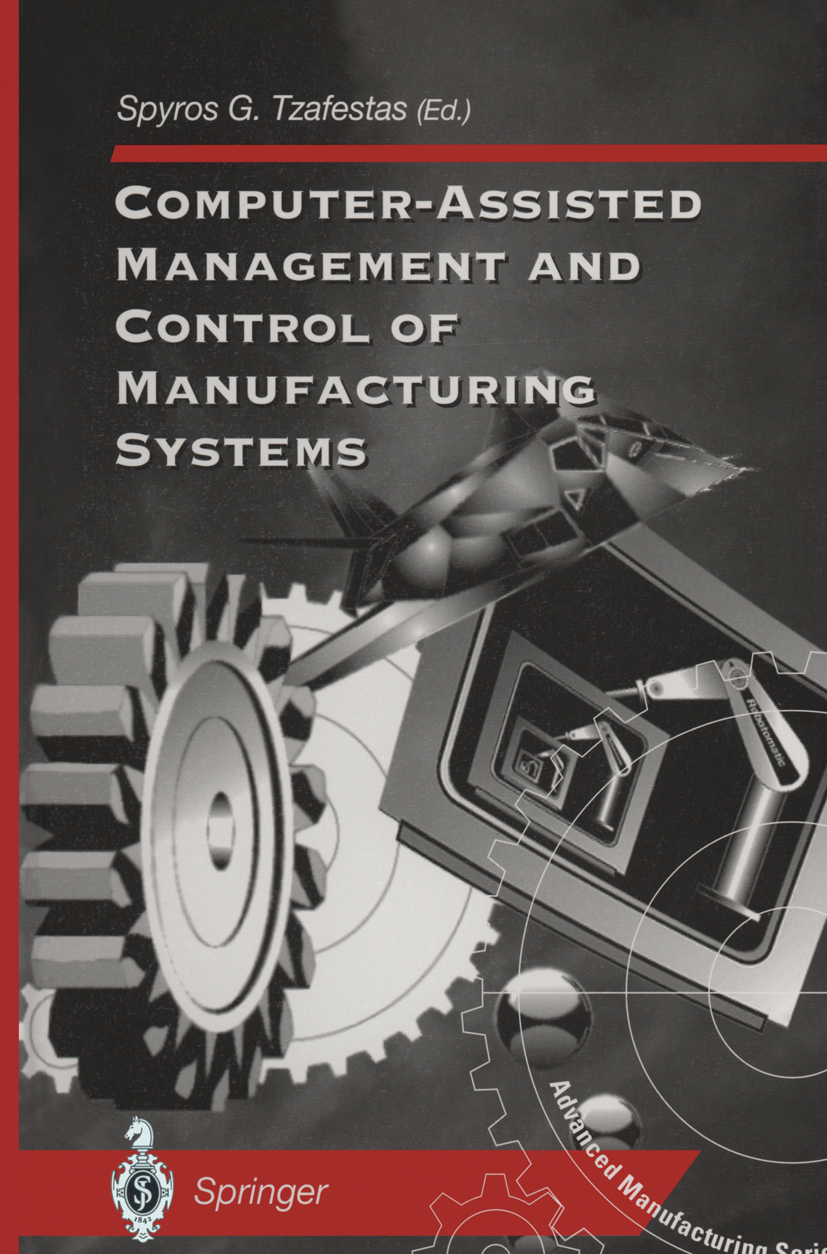
Computer-Assisted Management and Control of Manufacturing Systems Modem manufacturing systems involve many processes and operations that can be monitored and controlled at several levels of intelligence. At the highest level there is a computer that supervises the various manufacturing functions, whereas at the lowest level there are stand alone computer controlled systems of manufacturing processes and robotic cells. Until recenty computer-aided manufacturing systems constituted isolated "islands" of automation, each oriented to a particular application, but present day systems offer integrated approaches to manufacturing and enterprise operations. These modem systems, known as computer-integrated manufacturing (CIM) systems, can easily meet the current performance and manufacturing competitiveness requirements under strong environmental changes. CIM systems are much of a challenge, and imply a systemic approach to the design and operation of a manufacturing enterprise. Actualy, a CIM system must take into account in a unified way the following three views : the user view, the technology view, and the enterprise view. This means that CIM includes both the engineering and enterprise planning and control activities, as well as the information flow activities across all the stages of the system. TECHNOLOGY & ENGINEERING,Manufacturing
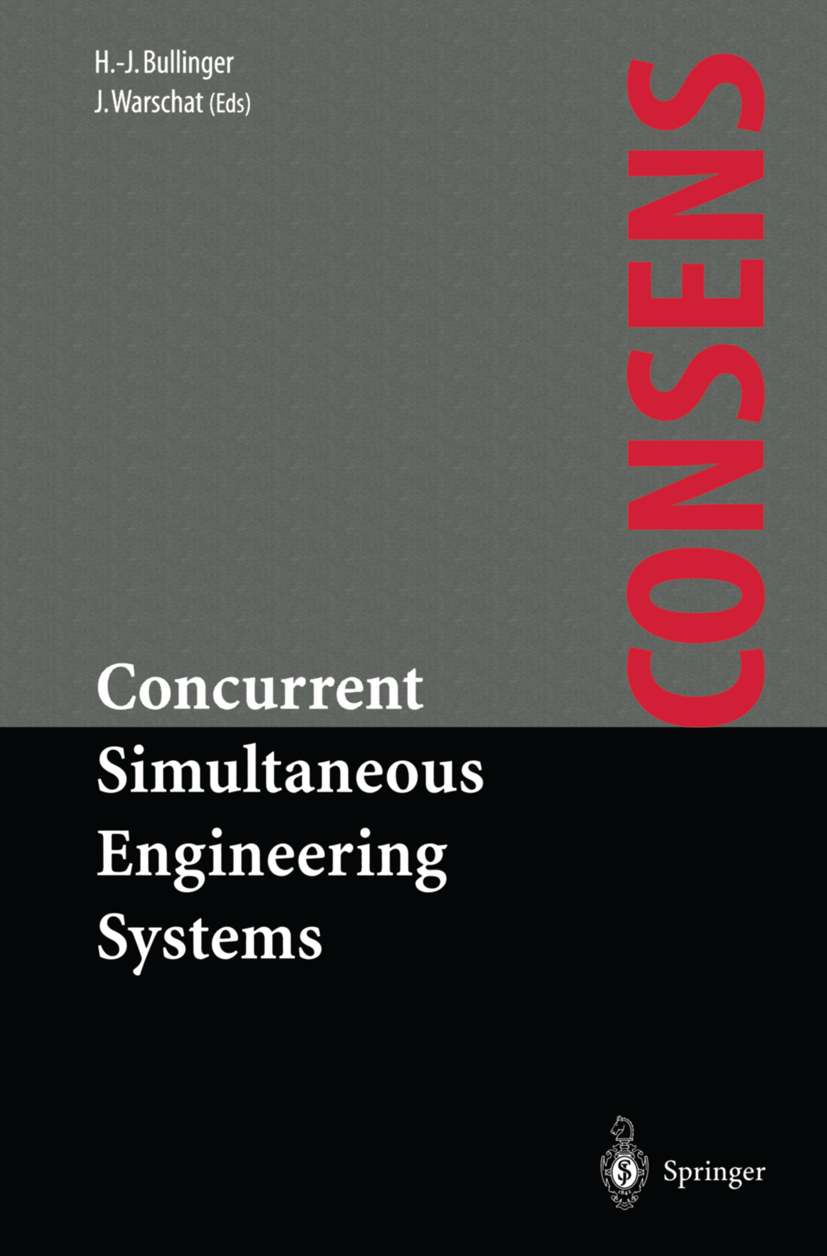
Concurrent Simultaneous Engineering Systems Competitive edge in today's world markets can only be achieved by an integrated approach to manufacturing. Concurrent or Simultaneous Engineering offers the promise of a reduced product development cycle, using complex technologies to satisfy customer demand for high quality, competitively-priced products brought to market in minimum time. The CONSENS implementation of Concurrent/Simultaneous Engineering (CSE) is an integrated package developed over recent years by some of the leading manufacturers and research institutes in Europe. It is the product of the flagship EU research project into the use of IT in Manufacturing led by the Fraunhofer Institute in Stuttgart. In particular, this study describes the management of change, network organisation, CONSENS architecture and module integration, SiFrame Management Information System, design for CSE and industrial implementations of CONSENS. TECHNOLOGY & ENGINEERING,Manufacturing
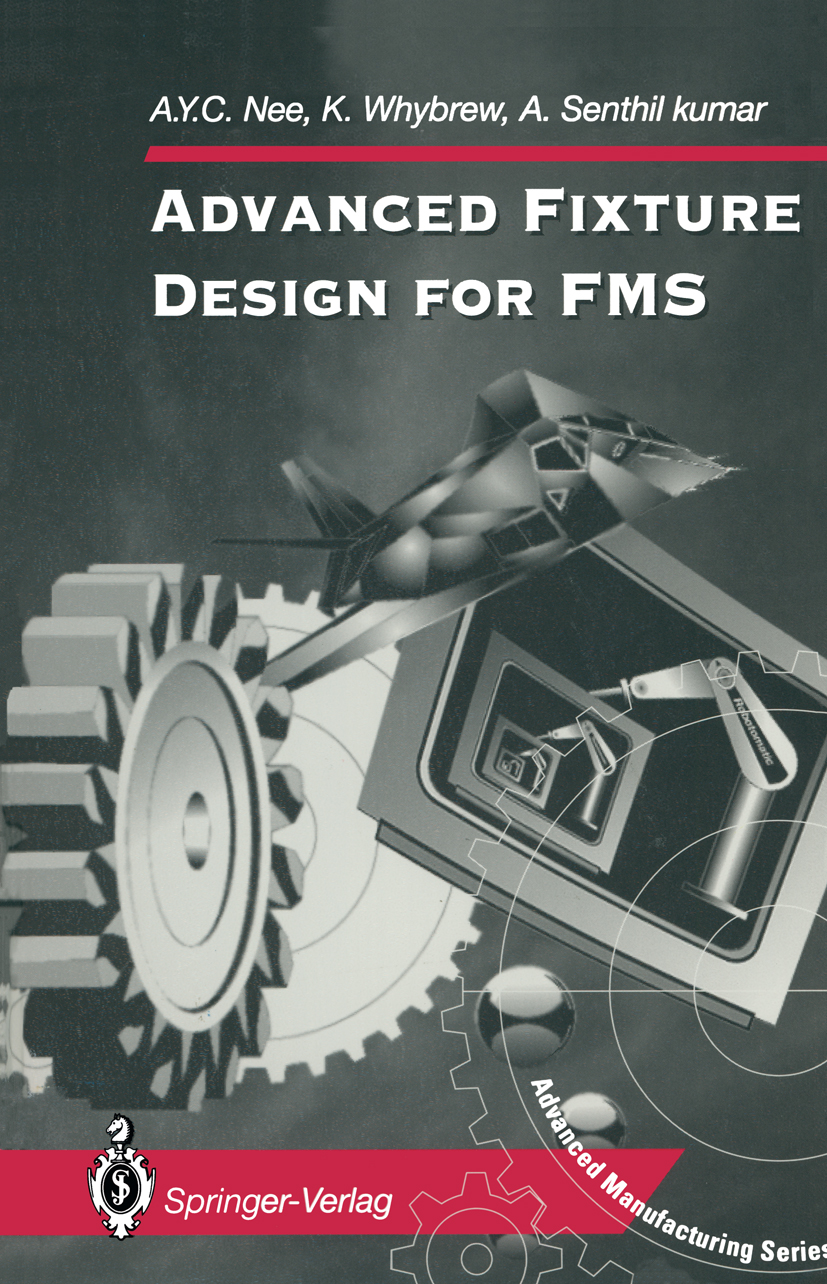
Advanced Fixture Design for FMS Fixtures are crucial to new manufacturing techniques and largely dictate the level of flexibility a manufacturing system can achieve. Advanced Fixture Design for FMS provides a systematic basis for the selection and design of fixturing systems. It gives a review of the current state of the art of flexible and reconfigurable fixturing systems. Recent developments in design methodology using CAD are analysed in depth. Fixture design is seen as an inseparable part of process planning. The primary objective of a fixture system is to ensure that the part being manufactured can be made consistently within the tolerance specified in the design. A new method of tolerance analysis is used to check the suitability of location surfaces and the sequence of operations and is explained in detail. TECHNOLOGY & ENGINEERING,Manufacturing
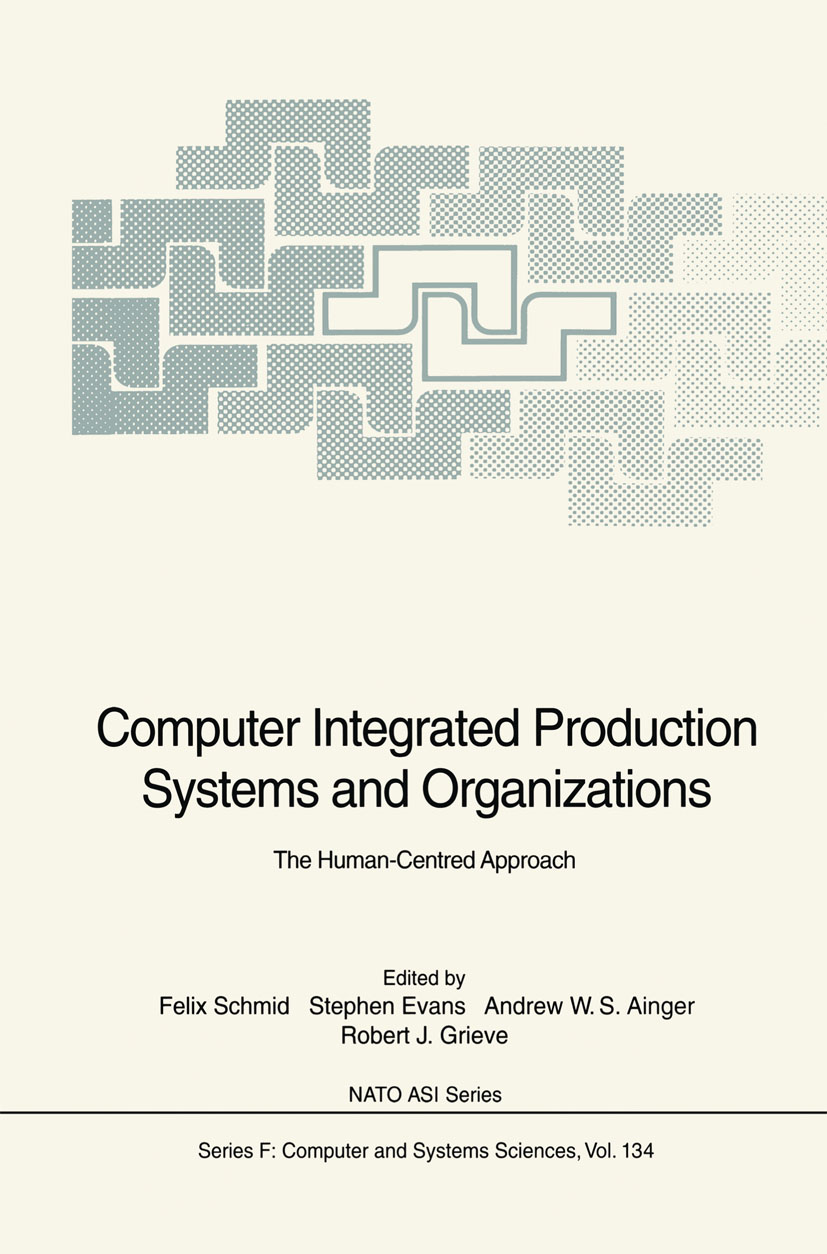
Computer Integrated Production Systems and Organizations Proceedings of the NATO Advanced Study Institute on People and Computers - Applying an Anthropocentric Approach to Integrated Production Systems and Organisations, held at Loughborough University, UK, July 5 - 17, 1993 TECHNOLOGY & ENGINEERING,Manufacturing
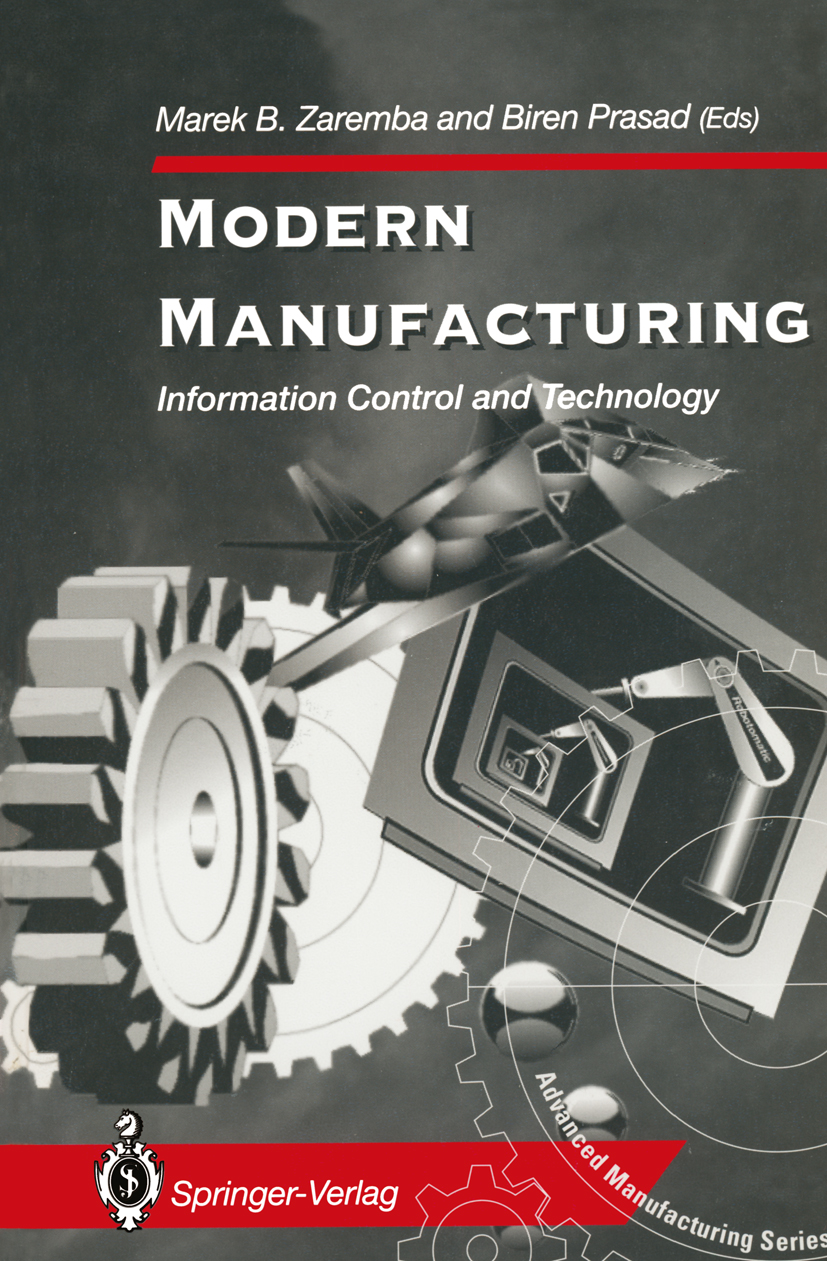
Modern Manufacturing Manufacturers worldwide are faced with unprecedented challenges from international competition, changing production processes and technologies, shorter production life-cycles, market globalization and environmental requirements. Fundamental to meeting these challenges is the understanding and control of information across all stages of the Computer Integrated Manufacturing (CIM) process. Modern Manufacturing presents the state of the art in the information-oriented aspects of CIM and Intelligent Manufacturing Systems. Particular emphasis is placed on the impact of new software engineering technologies, the object-oriented approach, database design, hierarchical control and intelligent systems. The contributions are written by experts from Europe and the USA. TECHNOLOGY & ENGINEERING,Manufacturing
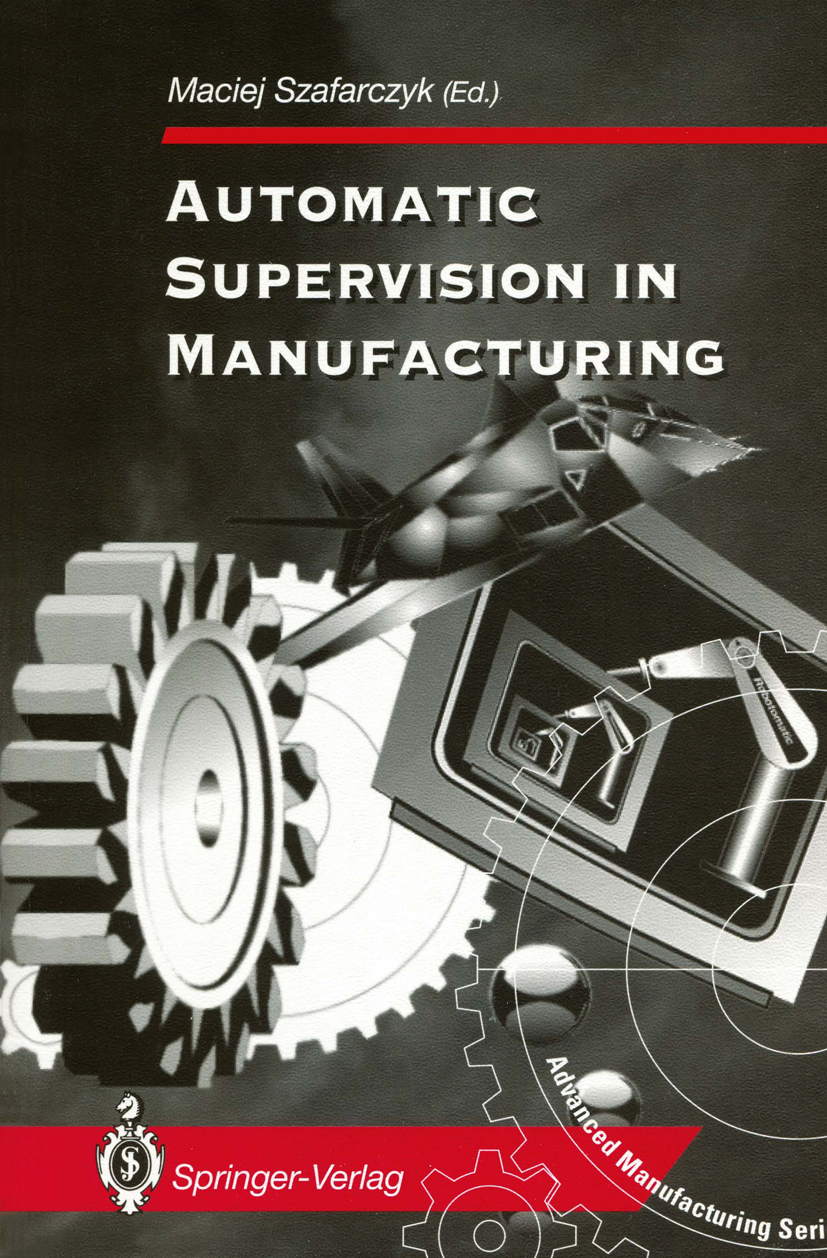
Automatic Supervision in Manufacturing Automation is a predominant objective in the development of modern and advanced manufacturing production. Automatic Supervision in Manufacturing (ASM) addresses unavoidable disturbances occurring during production. Its application results in the unmanned functioning of manufacturing systems through comprehensive and reliable supervision. Automatic Supervision in Manufacturing is a collection of contributions written by specialists in the field from Europe and the USA. It deals with the concept of automatic supervision, the classification of supervisory systems and their functions. This publication will be of great interest to researchers and engineers in the areas of production and manufacturing. TECHNOLOGY & ENGINEERING,Manufacturing
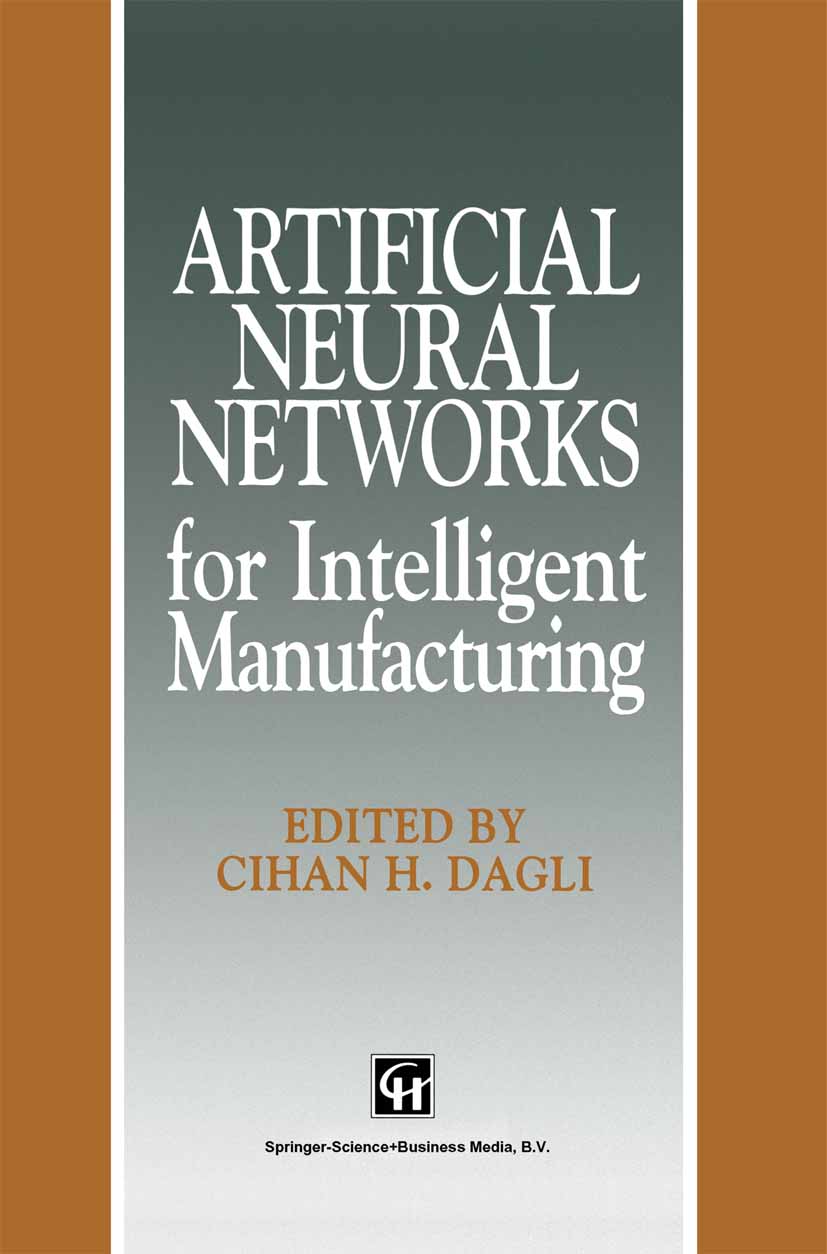
Artificial Neural Networks for Intelligent Manufacturing The quest for building systems that can function automatically has attracted a lot of attention over the centuries and created continuous research activities. As users of these systems we have never been satisfied, and demand more from the artifacts that are designed and manufactured. The current trend is to build autonomous systems that can adapt to changes in their environment. While there is a lot to be done before we reach this point, it is not possible to separate manufacturing systems from this trend. The desire to achieve fully automated manufacturing systems is here to stay. Manufacturing systems of the twenty-first century will demand more flexibility in product design, process planning, scheduling and process control. This may well be achieved through integrated software and hardware archi tectures that generate current decisions based on information collected from manufacturing systems environment, and execute these decisions by converting them into signals transferred through communication network. Manufacturing technology has not yet reached this state. However, the urge for achieving this goal is transferred into the term 'Intelligent Systems' that we started to use more in late 1980s. Knowledge-based systems, our first efforts in this endeavor, were not sufficient to generate the 'Intelligence' required - our quest still continues. Artificial neural network technology is becoming an integral part of intelligent manufacturing systems and will have a profound impact on the design of autonomous engineering systems over the next few years. TECHNOLOGY & ENGINEERING,Manufacturing
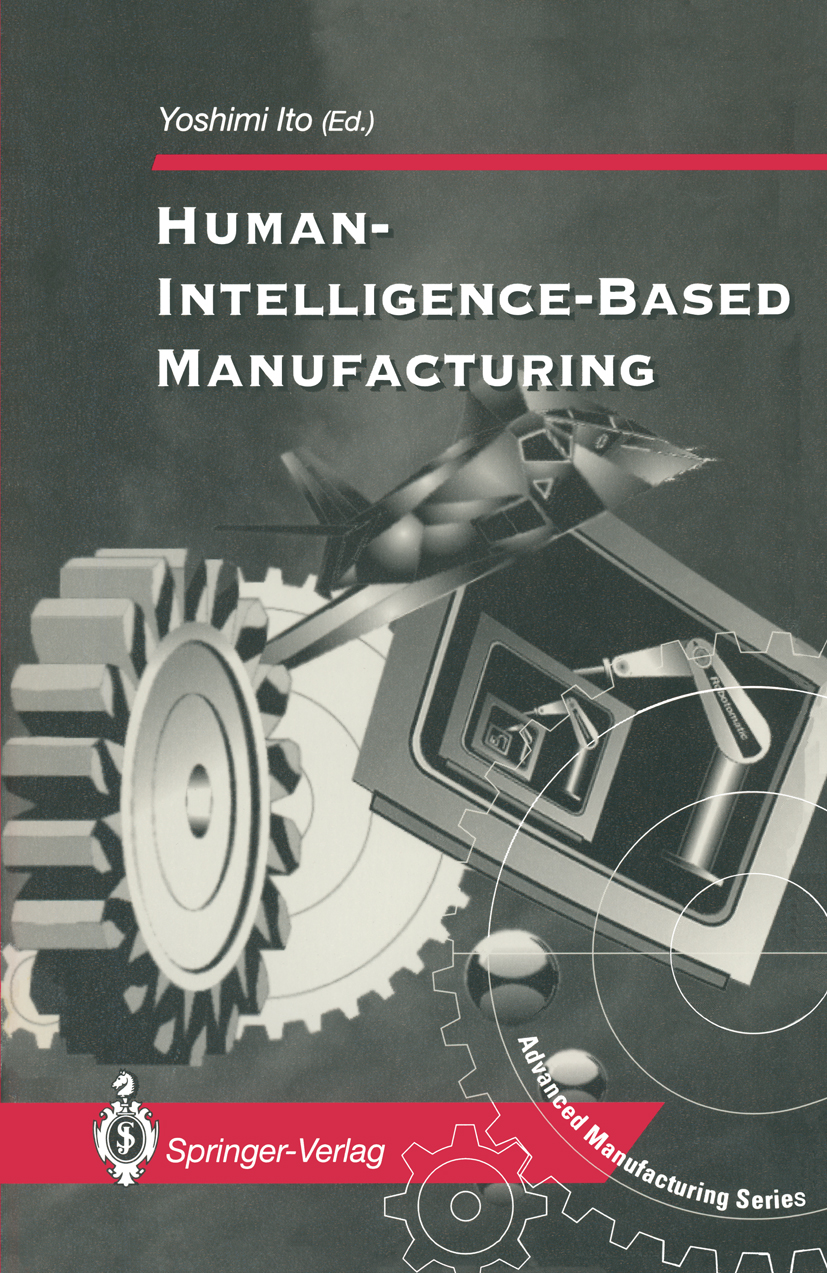
Human-Intelligence-Based Manufacturing Human Intelligence-Based Manufacturing is part of the Advanced Manufacturing Series edited by Professor D.T. Pham of the University of Wales, College of Cardiff. The Flexibility Computerised-Integrated Manufacturing Structure (FCIMS) is a significant innovation in the field of the production science and technology which combines rapid manufacture with the requirements of human society. Due to greater market diversification a new approach is needed as a response to this new manufacturing environment. International expert contributions deal with aspects of this response and describe how to amalgamate higher levels of automation with human-oriented functions, maintaining a high level of productivity. The benefits are an improved international competitiveness and co-operation. Since Human Intelligent-Based Manufacturing deals with the integration of technology and sociology it is of interest to both the academia and industry. Collaboration in manufacturing between Japan, Europe and the United States is a topic of high current interest. TECHNOLOGY & ENGINEERING,Manufacturing
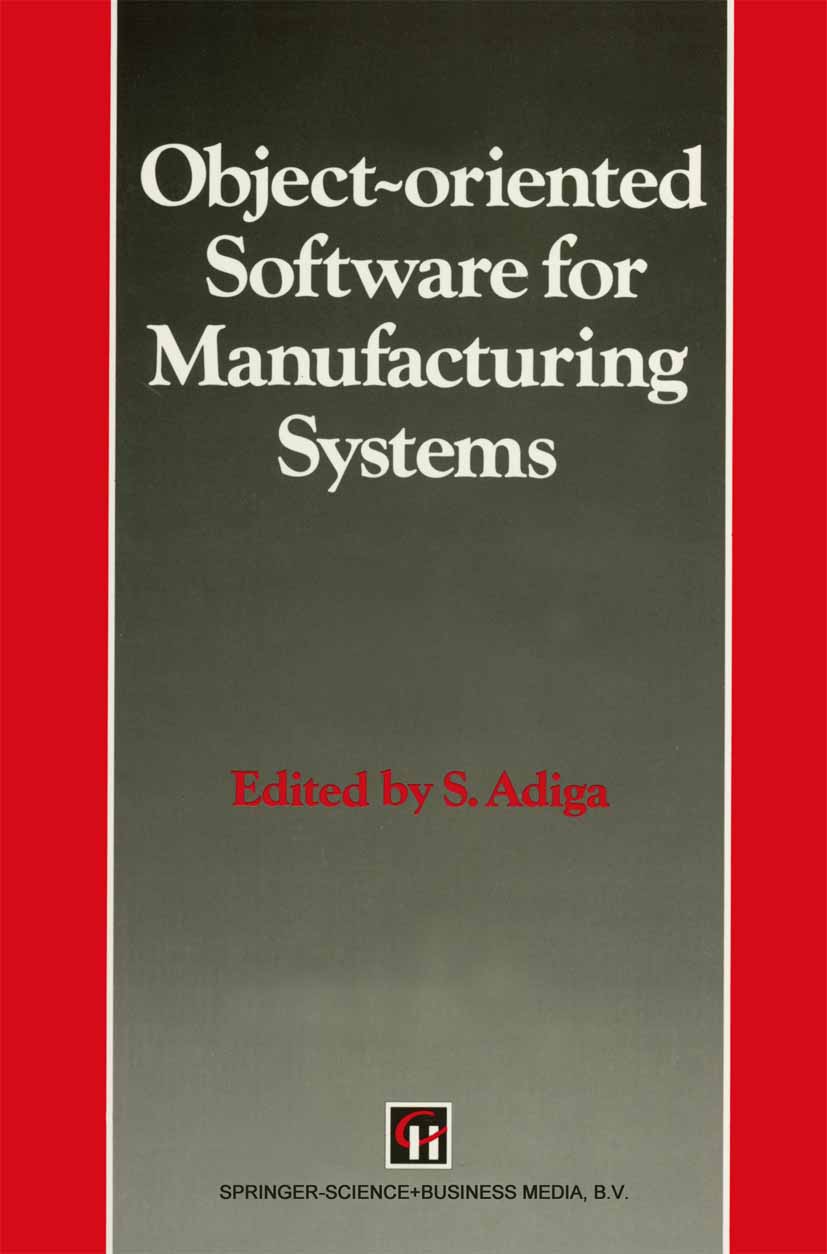
Object-oriented Software for Manufacturing Systems I must confess that I stumbled upon the object-oriented (00) world view during my explorations into the world of artificial intelligence (AI) in search of a new solution to the problem of building computer-integrated manufacturing systems (CIM). In 00 computing, I found the constructs to model the manufacturing enterprise in terms of information, a resource that is common to all activities in an organization. It offered a level of modularity, and the coupling/binding neces sary for fostering integration without placing undue restrictions on what the individual applications can do. The implications of 00 computing are more extensive than just being a vehicle for manufacturing applications. Leaders in the field such as Brad Cox see it introducing a paradigm shift that will change our world gradually, but as radically as the Industrial Revolution changed manufacturing. However, it must be borne in mind that simply using an object-oriented language or environment does not, in itself, ensure success in one's applications. It requires a different way of thinking, design discipline, techniques, and tools to exploit what the technology has to offer. In other words, it calls for a paradigm shift (as defined by Kuhn in The Structure of Scientific Revolution, a classic text in the history of science). TECHNOLOGY & ENGINEERING,Manufacturing
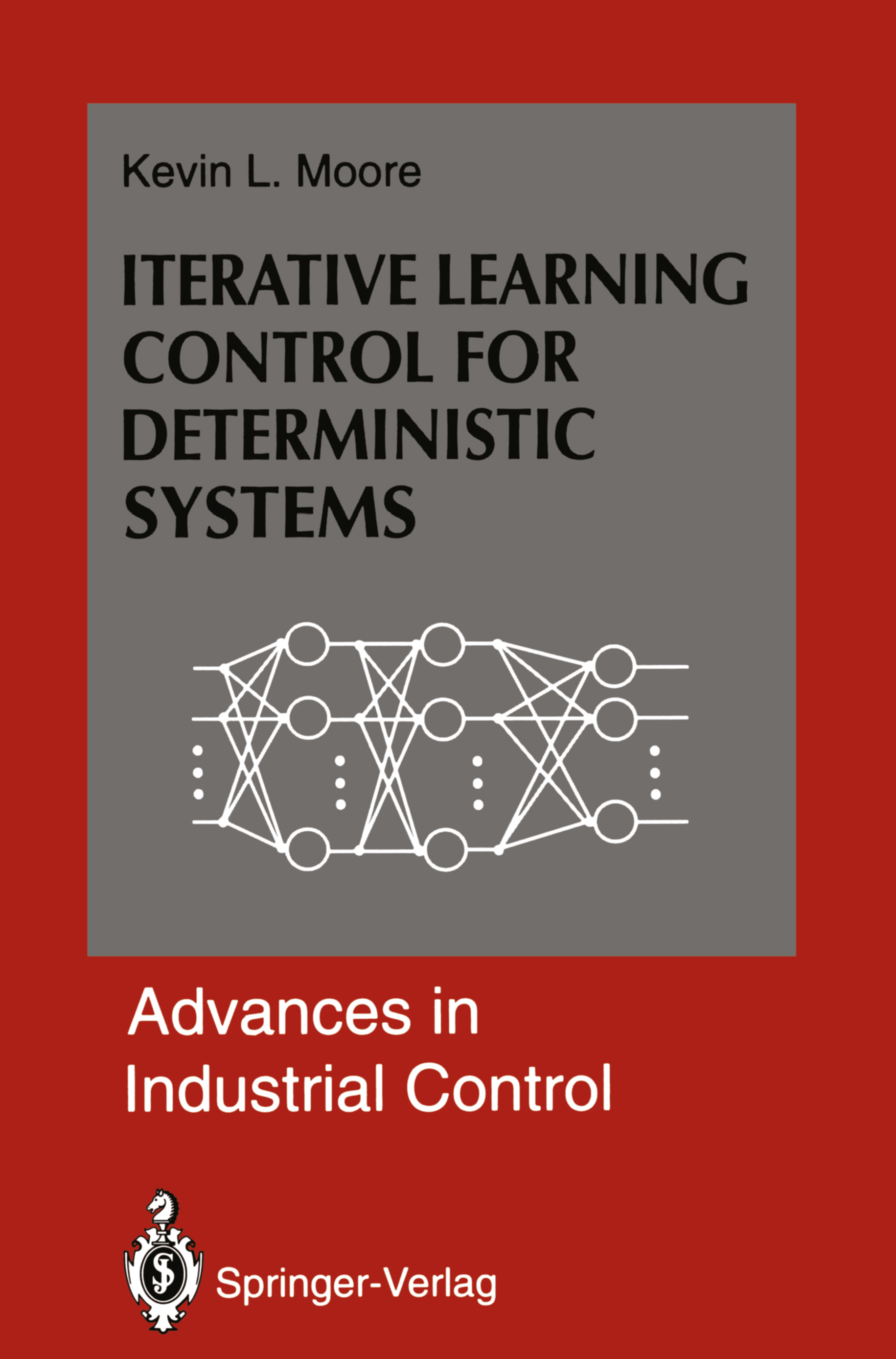
Iterative Learning Control for Deterministic Systems Iterative Learning Control for Deterministic Systems is part of the new Advances in Industrial Control series, edited by Professor M.J. Grimble and Dr. M.A. Johnson of the Industrial Control Unit, University of Strathclyde. The material presented in this book addresses the analysis and design of learning control systems. It begins with an introduction to the concept of learning control, including a comprehensive literature review. The text follows with a complete and unifying analysis of the learning control problem for linear LTI systems using a system-theoretic approach which offers insight into the nature of the solution of the learning control problem. Additionally, several design methods are given for LTI learning control, incorporating a technique based on parameter estimation and a one-step learning control algorithm for finite-horizon problems. Further chapters focus upon learning control for deterministic nonlinear systems, and a time-varying learning controller is presented which can be applied to a class of nonlinear systems, including the models of typical robotic manipulators. The book concludes with the application of artificial neural networks to the learning control problem. Three specific ways to neural nets for this purpose are discussed, including two methods which use backpropagation training and reinforcement learning. The appendices in the book are particularly useful because they serve as a tutorial on artificial neural networks. TECHNOLOGY & ENGINEERING,Manufacturing
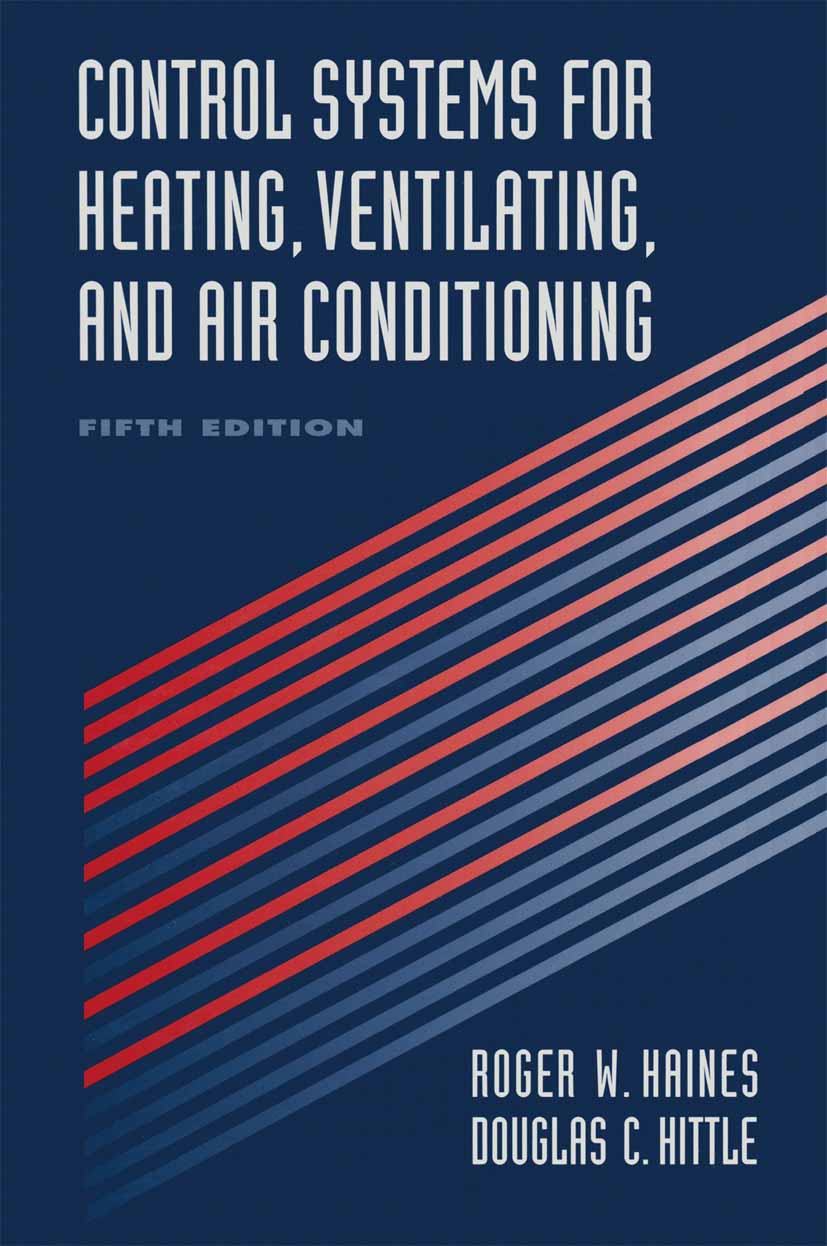
Control Systems for Heating, Ventilating, and Air Conditioning In the First Edition of this classic text, Roger Haines devised a simple building-block method which enabled students to quickly learn about the operating principles and applications of all the basic devices and subsystems used in HVAC control. The new Fifth Edition, completely revised by Douglas Hittle, takes into account the many technological changes that have arisen since then. Crystal-clear guidelines on combining control devices, circuits, computers, and HVAC equipment into efficient control systems that are accurate and energy-efficient are presented along with hundreds of charts and illustrations which provide data critical to the understanding and design of modern HVAC systems. These include: psychrometric charts and tables relating to optimal levels of temperature and humidity at specific altitudes: block/flow diagrams which show control component function; circuit diagrams of important electrical control system components; schematic diagrams showing the configuration of various control systems. TECHNOLOGY & ENGINEERING,Manufacturing
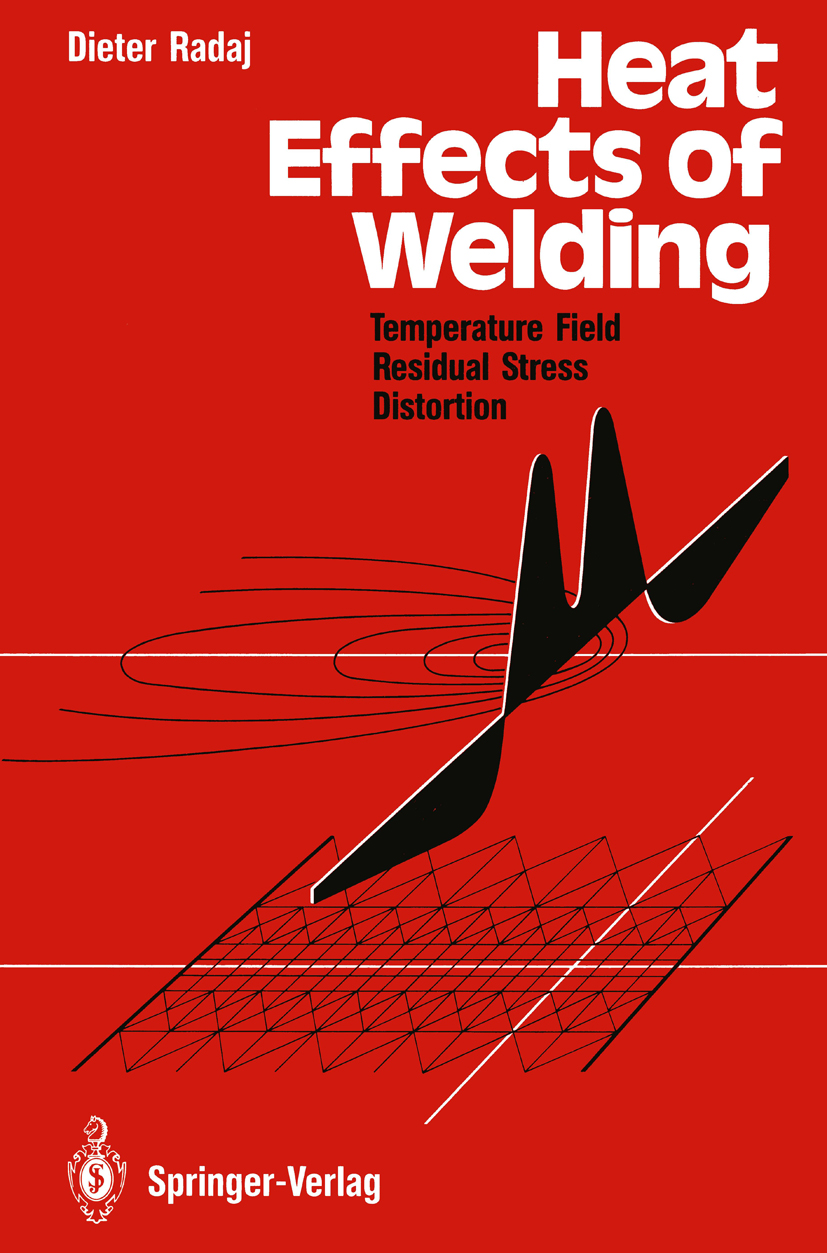
Heat Effects of Welding Almost all welding technology depends upon the use of concentrated energy sources to fuse or soften the material locally at the joint, before such energy can be diffused or dispersed elsewhere. Although comprehensive treatments of transient heat flow as a controlling influence have been developed progressively and published over the past forty years, the task of uniting the results compactly within a textbook has become increasingly formidable. With the comparative scarcity of such works, welding engineers have been denied the full use of powerful design analysis tools. During the past decade Dr Radaj has prepared to fulfil this need, working from a rich experience as pioneer researcher and teacher, co-operator with Professor Argyris at Stuttgart University in developing the finite element method for stress analysis of aircraft and power plant structures, and more recently as expert consultant on these and automotive structures at Daimler Benz. His book appeared in 1988 in the German language, and this updated English language edition will significantly increase the availability of the work. TECHNOLOGY & ENGINEERING,Manufacturing
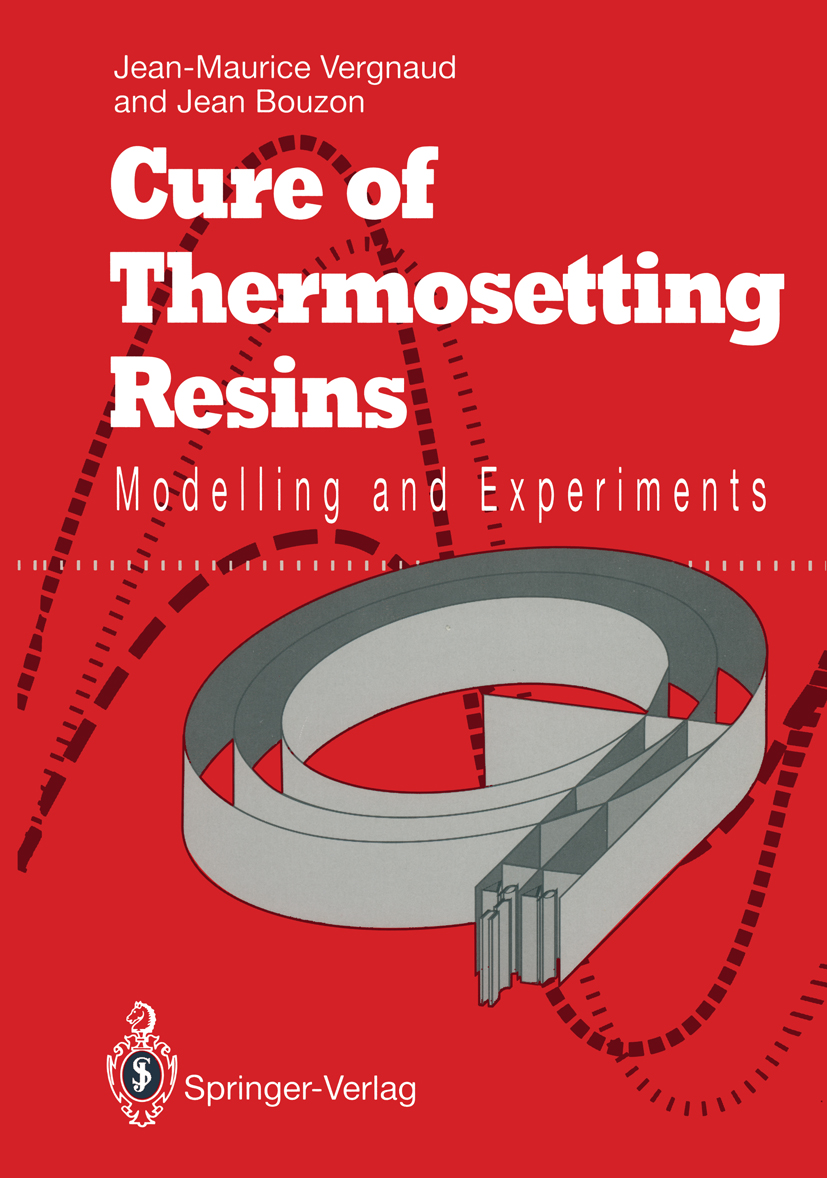
Cure of Thermosetting Resins The process of cure of thermosets is rather complex, and good knowledge of the various steps and different problems is necessary for the user. For instance, the following basic facts characterise the cure of thermosets: 1. In the same way as rubbers, thermosets are generally polymerised and processed in a simple operation which involves the irreversible transformation of a low molecular weight resin in viscous liquid state into a solid network polymer. The process of cure is thus much more important for thermosets or rubbers than for thermo plastics, because if something goes wrong during the cure process of thermosets, the final products may have undersirable properties and will be of no use or value, while the thermoplastic material can be melted again to make a new material. 2. In contrast with rubbers, a high exothermic cure reaction is the aspect of fundamental importance in the cure process for thermo sets. This high enthalpy of cure associated with a rather low thermal conductivity can give rise to an excessively high tem perature which may cause discoloration and degradation of the material, and also to substantial temperature gradients. The mat erial is thus heterogeneous during the process of cure, and these temperature-time histories in the resin may have some effects on the properties of the final material. 3. Moreover, the increase in production following the reduction in time of the cure cycle necessitates the use of a higher mould temperature. TECHNOLOGY & ENGINEERING,Manufacturing

Computer Integrated Manufacturing Conference Theme: "Applications of CIM: Critical Success Factors and Implementation Strategies". With the patronage of Ministero della Universita e della Ricerca Scientifica e Tecnologica and Citta di Torino TECHNOLOGY & ENGINEERING,Manufacturing
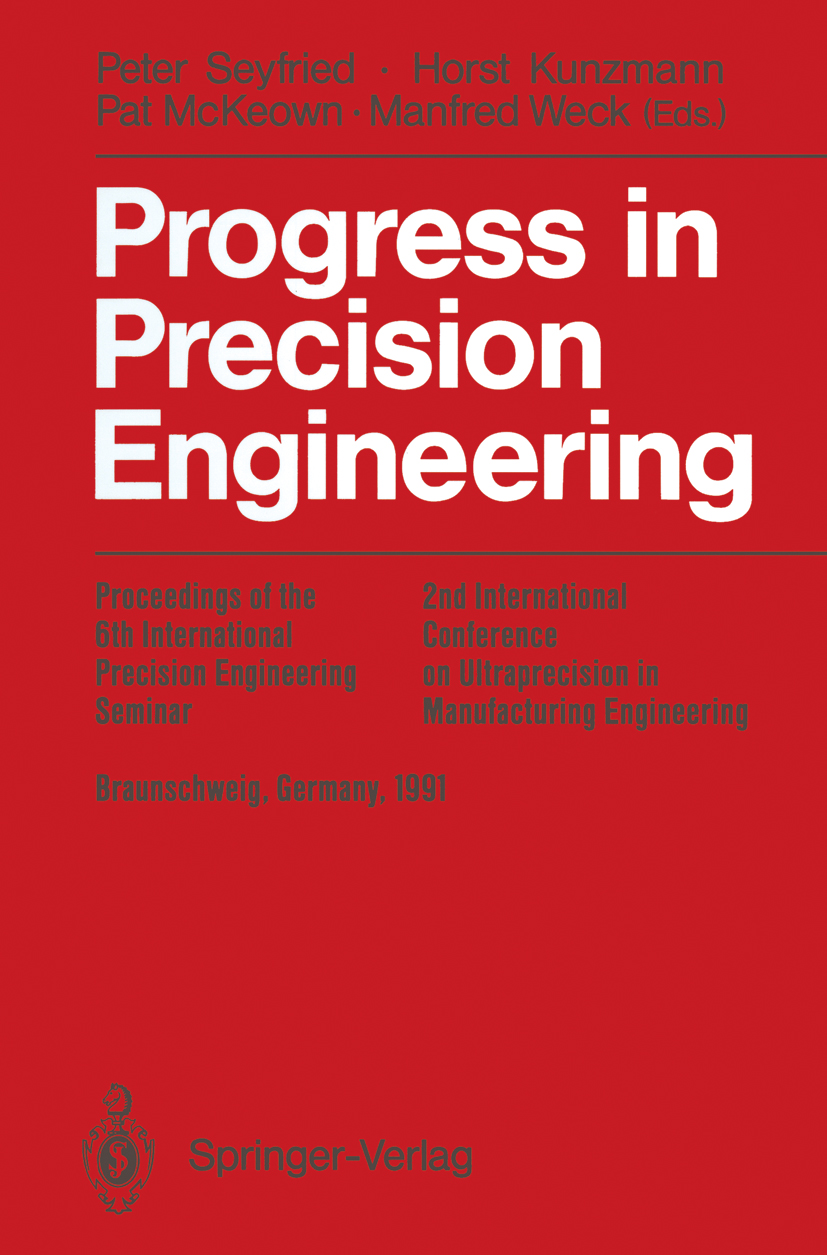
Progress in Precision Engineering by Professor Pat McKeown Cranfield Precision Engineering, UK Member of Joint Organising Committee IPES6/UME2 PROGRESS IN PRECISION ENGINEERING Metal working companies in tool making, prototype manu facture and subcontract machining often use the label "precision engineering" to indicate that they are accustomed to working to finer tolerances than is normally expected in series production. But what we are concerned with in this and our preceding international conferences is much wider and deeper than this. Precision engineering is a grouping of multidis ciplinary scientific and engineering skills and techniques, firmly based on dimensional metrology, by which a wide range of new advanced technology products is made possible. In the last 5 - 10 years we have witnessed dramatic progress in precision engineering, particularly by the rapid development of its important sub-sets, micro-engineering and nanotechnology. I t is a part icular pleasure for me and my colleagues on the Organising Committee to welcome you to Braunschweig on the occasion of this the first joint international meeting in high precision manufacturing/precision engineering to be held in Germany. Our aim is to bring together the world's leading precision engineering practitioners from areas of application as diverse as optics for astronomy, micro and nano machining process research, design and development of ul tra preclslon machine tools and metrology equipment, advanced materials, bio medical research and new sensor/transducer systems. TECHNOLOGY & ENGINEERING,Manufacturing
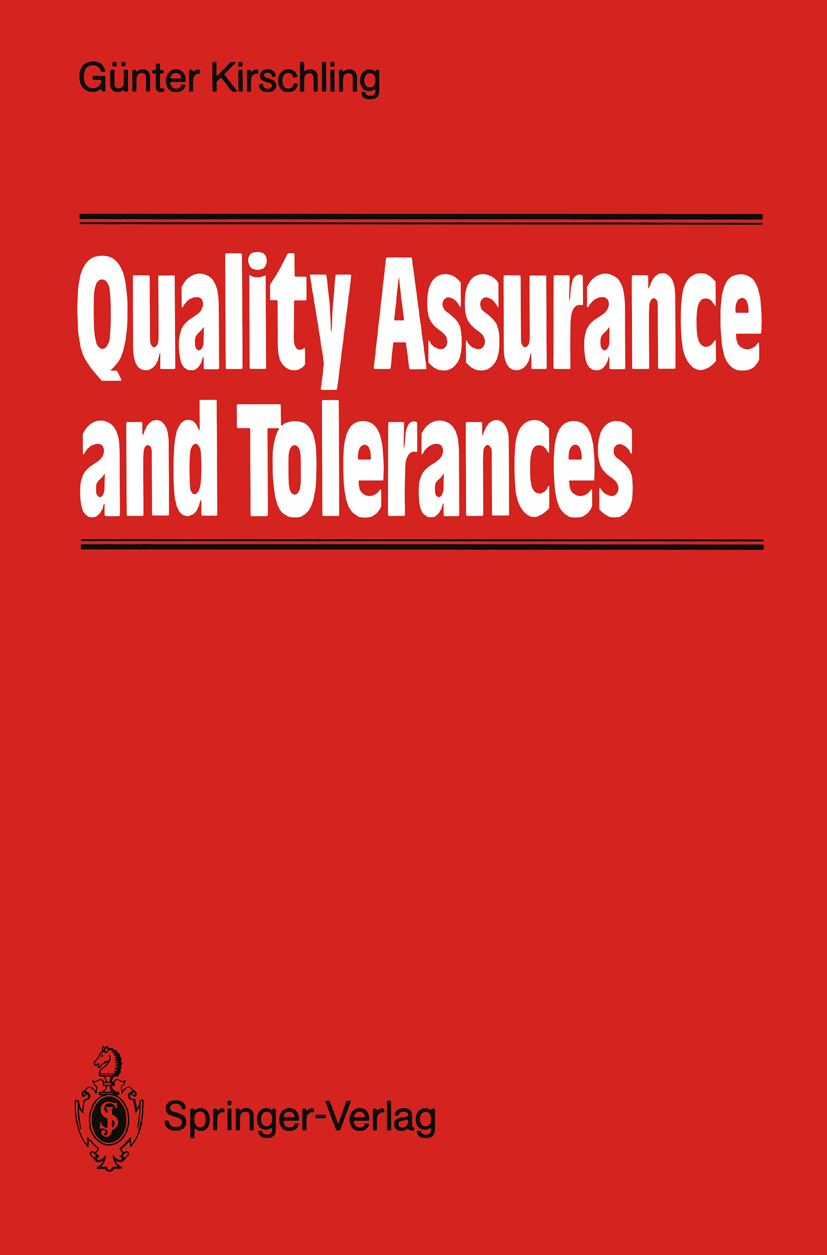
Quality Assurance and Tolerance It is in general not possible to produce technical products having precisely predefined measures. Systematic and random deviations from nominal size cannot be avoided, and it is therefore necessary to define measurement tolerances. This book offers a comprehensive presentation of tolerance problems and their solution by statistical methods. All calculated solutions are presented in clear figure or graphical form. It is particularly appropriate for those working in the field of development and construction or in production and quality control, especially in mechanical engineering and related fields. TECHNOLOGY & ENGINEERING,Manufacturing
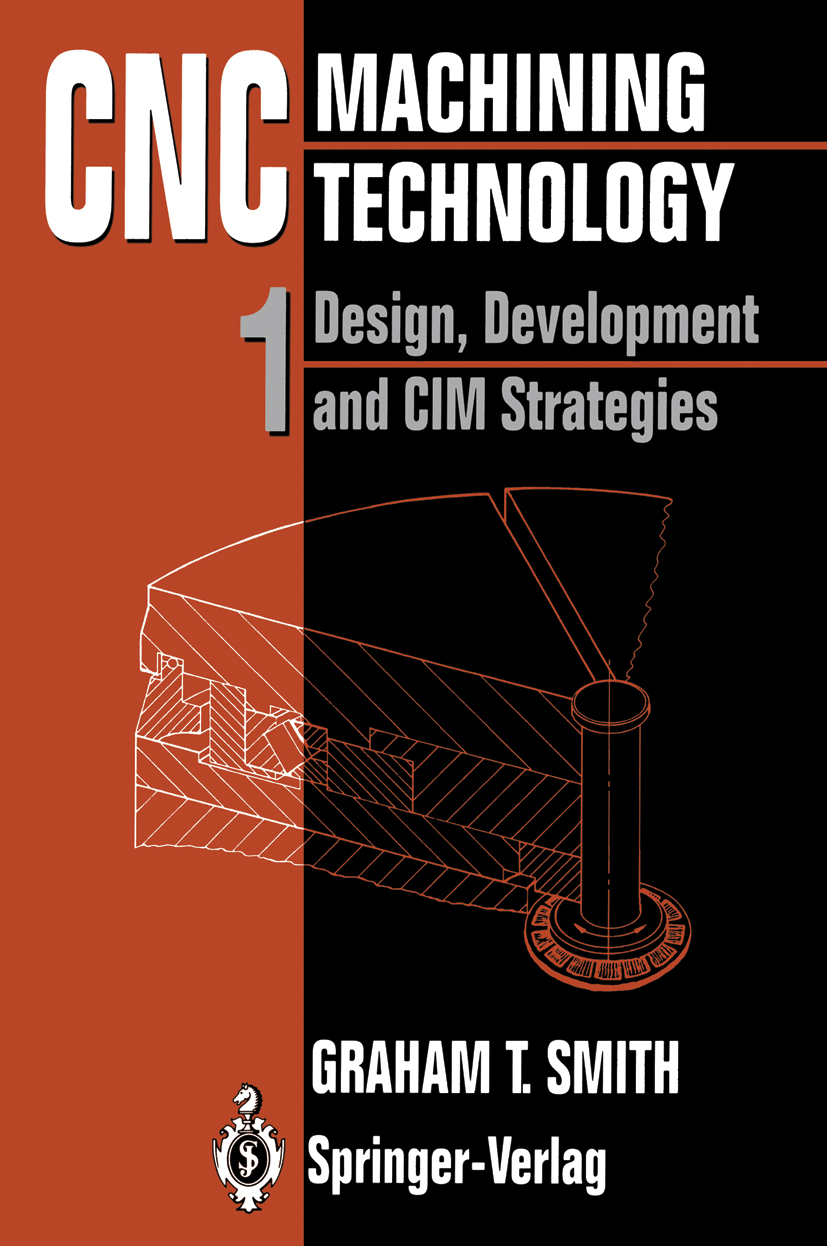
CNC Machining Technology The first part of Volume I outlines the origins and development of CNC machine tools. It explains the construction of the equipment and also discusses the various elements necessary to ensure high quality of production. The second part considers how a company justifies the purchase of either cells or systems and illustrates why simulation exercises are essential prior to a full implementation. Communication protocols as well as networking topologies are examined. Finally, the important high-speed machining developments and the drive towards ultra-high precision are mentioned. Following a brief historical introduction to cutting tool development, chapters 1 and 2 of Volume II explain why CNC requires a change in cutting tool technology from conventional methods. A presentation is given of the working knowledge of cutting tools and cutting fluids which is needed to make optimal use of the productive capacity of CNC machines. Since an important consideration for any machine tool is how one can locate and restrain the workpiece in the correct orientation and with the minimum of set-up time, chapter 3 is concerned with workholding technology. Volume III deals with CNC programming. It has been written in conjunction with a major European supplier of controllers in order to give the reader a more consistent and in-depth understanding of the logic used to program such machines. It explains how why and where to program specific features of a part and how to build them up into complete programs. Thus, the reader will learn about the main aspects of the logical structure and compilation of a program. Finally, there is a brief review of so me of the typical controllers currently available from both universal and proprietary builders. TECHNOLOGY & ENGINEERING,Manufacturing
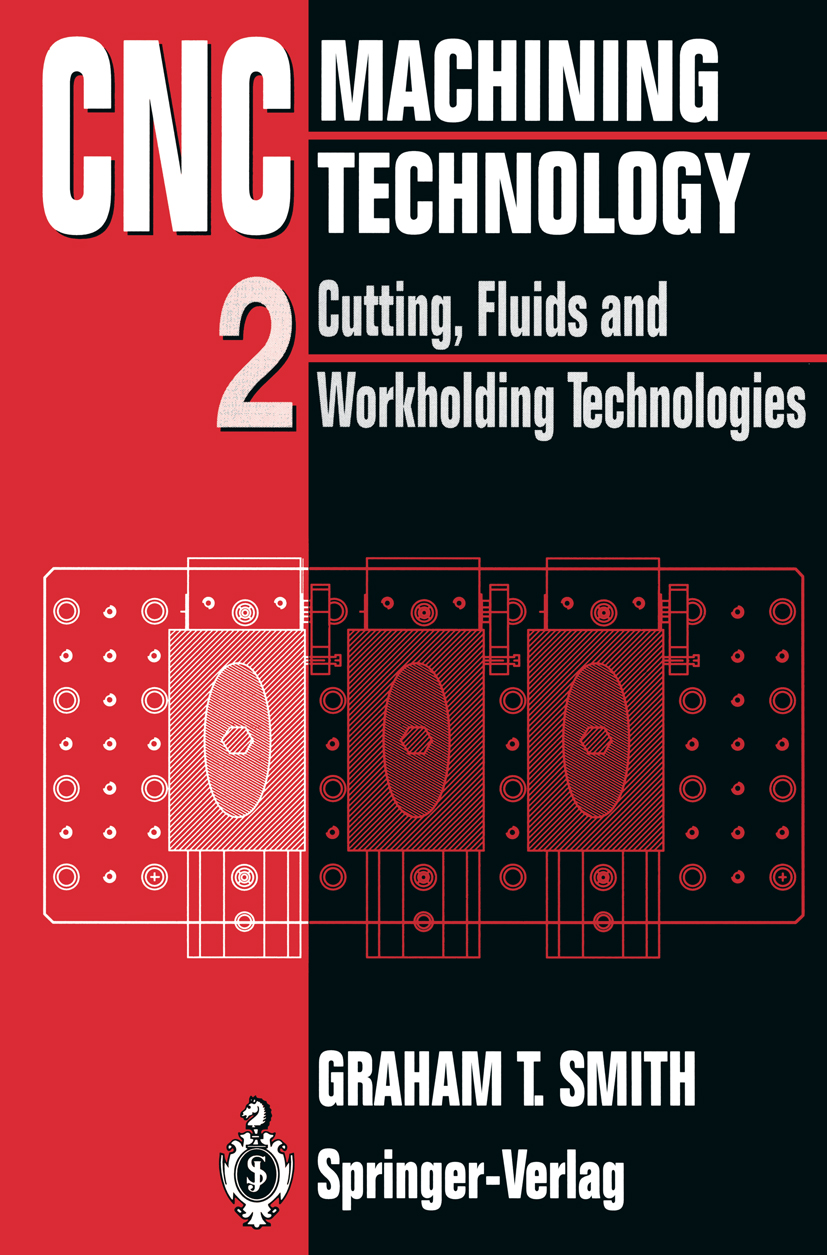
CNC Machining Technology This is the second volume of three designed to give an insight into the current state of CNC technology with a focus on practical applications. Following a brief historical introduction to cutting tool development, chapters 1 and 2 explain why CNC requires a change in cutting tool technology from conventional methods. A presentation is given of the working knowledge of cutting tools and cutt ing fluids which is needed to make optimal use of the productive capacity of CNC machines. Since an important consideration for any machine tool is how one can locate and restrain the workpiece in the correct orientation and with the minimum of set-u p time, chapter 3 is concerned with workholding technology. The author draws on his extensive experience as a practitioner and teacher. The text is thoroughly practical in character and generously illustrated with diagrams and photographs. TECHNOLOGY & ENGINEERING,Manufacturing
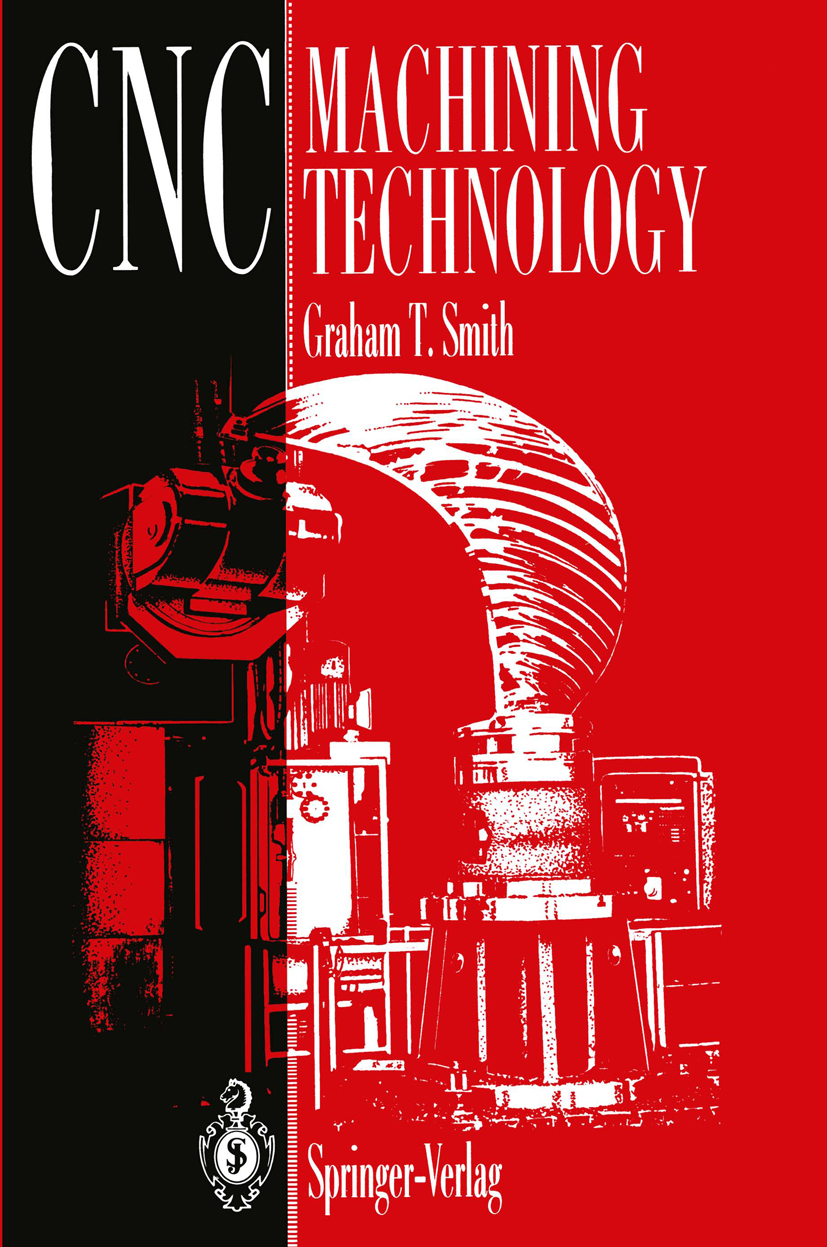
CNC Machining Technology This is the third volume of three which will give the reader an insight into the current state of CNC technology with a focus on practical applications. This volume deals with CNC programming. It has been written in conjunction with a major European supplier of controllers in order to give the reader a more consistent and in-depth understanding of the logic used to program such machines. It explains how why and where to program specific features of a part and how to build them up into complete programs. Thus, the reader will learn about the main aspects of the logical structure and compilation of a program. Finally, there is a brief review of so me of the typical controllers currently available from both universal and proprietary builders. The author draws on his extensive experience as a practitioner and teacher. The text is thoroughly practical in character and generously illustrated with diagrams and photographs. TECHNOLOGY & ENGINEERING,Manufacturing
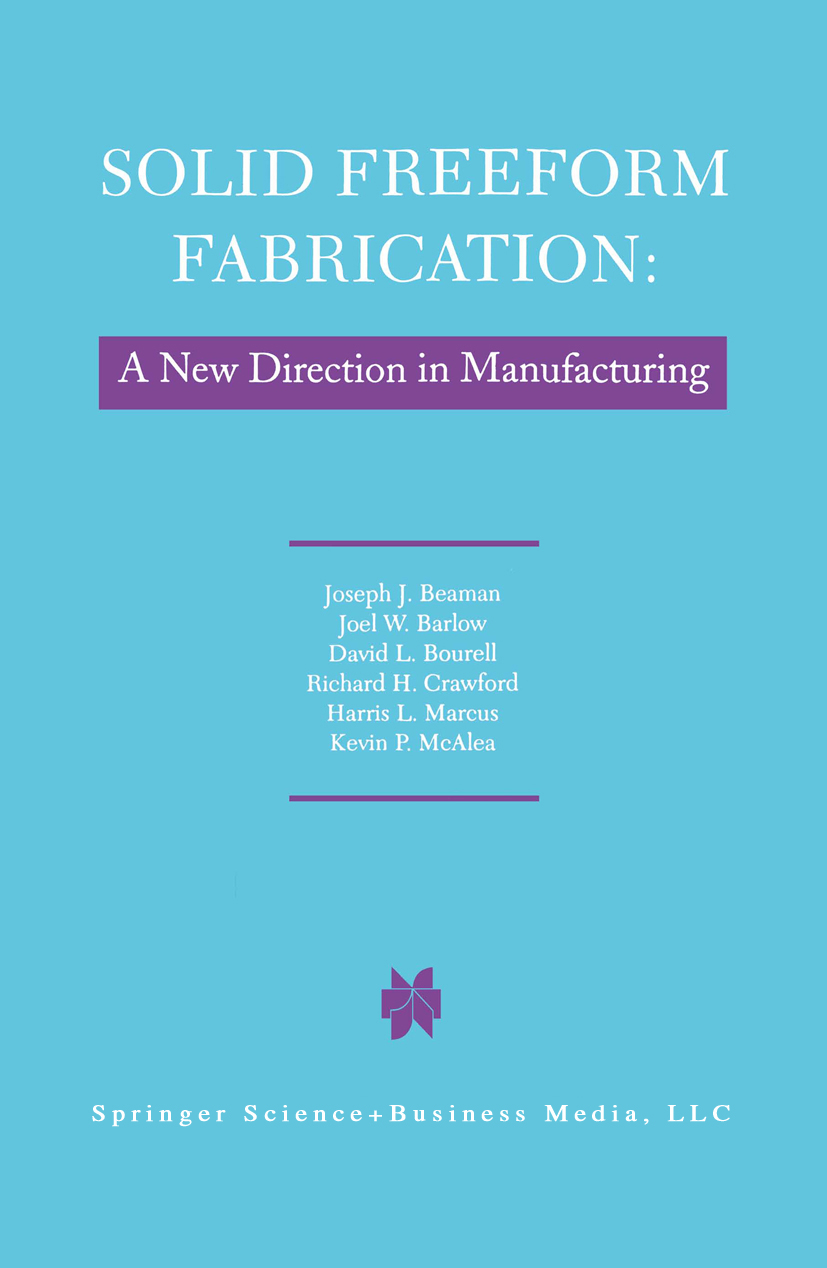
Solid Freeform Fabrication Solid Freeform Fabrication is a set of manufacturing processes that are capable of producing complex freeform solid objects directly from a computer model of an object without part-specific tooling or knowledge. In essence, these methods are miniature manufacturing plants which come complete with material handling, information processing and materials processing. As such, these methods require technical knowledge from many disciplines; therefore, researchers, engineers, and students in Mechanical, Chemical, Electrical, and Manufacturing Engineering and Materials and Computer Science will all find some interest in this subject. Particular subareas of concern include manufacturing methods, polymer chemistry, computational geometry, control, heat transfer, metallurgy, ceramics, optics, and fluid mechanics. History of technology specialists may also find Chapter 1 of interest. Although this book covers the spectrum of different processes, the emphasis is clearly on the area in which the authors have the most experience, thermal laser processing. In particular, the authors have all been developers and inventors of techniques for the Selective Laser Sintering process and laser gas phase techniques (Selective Area Laser Deposition). This is a research book on the subject of Solid Freeform Fabrication. TECHNOLOGY & ENGINEERING,Manufacturing
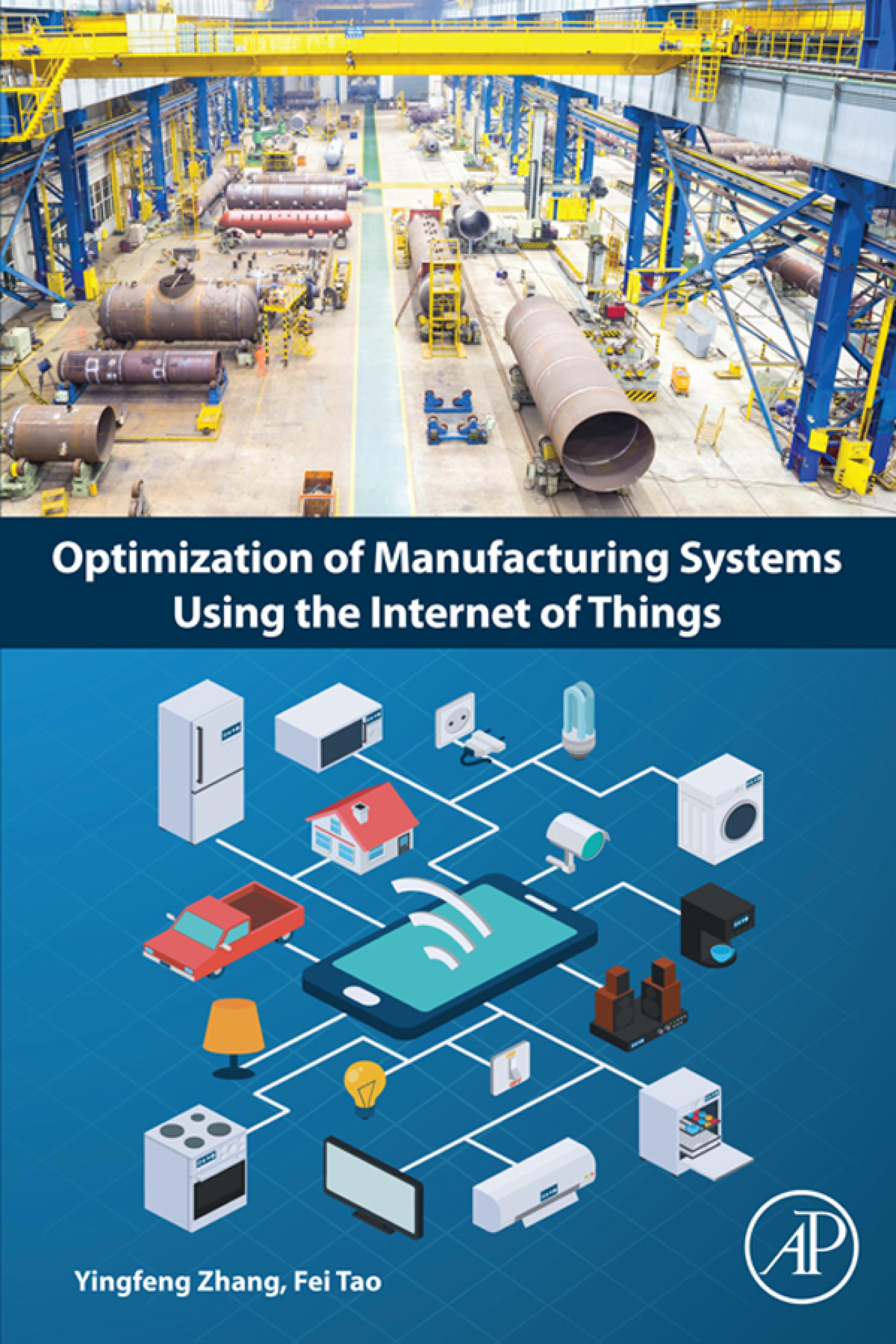
Optimization of Manufacturing Systems Using the Internet of Things Optimization of Manufacturing Systems Using the Internet of Things extends the IoT (Internet of Things) into the manufacturing field to develop an IoMT (Internet of Manufacturing Things) architecture with real-time traceability, visibility, and interoperability in production planning, execution, and control. This book is essential reading for anyone interested in the optimization and control of an intelligent manufacturing system. As modern manufacturing shop-floors can create bottlenecks in the capturing and collection of real-time field information, and because paper-based manual systems are time-consuming and prone to errors, this book helps readers understand how to alleviate these issues, assisting them in their decision-making on shop-floors. Includes case studies in implementing IoTs for data acquisition, monitoring, and assembly in manufacturing. Helps manufacturers to tackle the growing complexities and uncertainties of manufacturing systems in globalized business environments Acts as an introduction to using IoT for readers across industrial and manufacturing engineering TECHNOLOGY & ENGINEERING,Manufacturing

Advanced Machining Processes Modeling and machining are two terms closely related. The benefits of the application of modeling on machining are well known. The advances in technology call for the use of more sophisticated machining methods for the production of high-end components. In turn, more complex, more suitable, and reliable modeling methods are required. This book pertains to machining and modeling, but focuses on the special aspects of both. Many researchers in academia and industry, who are looking for ways to refine their work, make it more detailed, increase their accuracy and reliability, or implement new features, will gain access to knowledge in this book that is very scare to find elsewhere. TECHNOLOGY & ENGINEERING,Manufacturing

Recycling of Lithium-Ion Batteries This book addresses recycling technologies for many of the valuable and scarce materials from spent lithium-ion batteries. A successful transition to electric mobility will result in large volumes of these. The book discusses engineering issues in the entire process chain from disassembly over mechanical conditioning to chemical treatment. A framework for environmental and economic evaluation is presented and recommendations for researchers as well as for potential operators are derived. TECHNOLOGY & ENGINEERING,Manufacturing
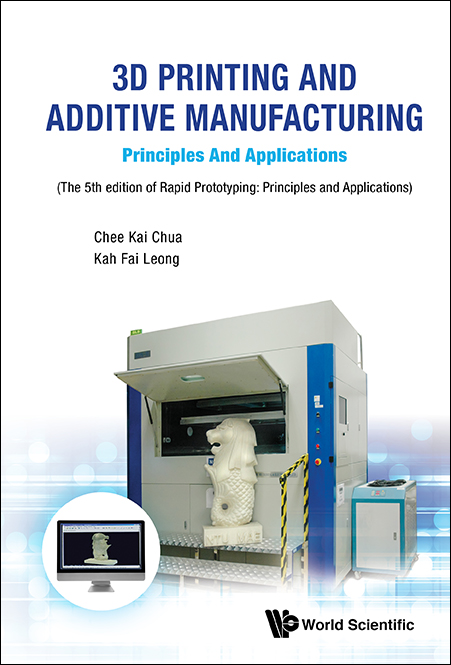
3d Printing And Additive Manufacturing Additive Manufacturing (AM) technologies are developing impressively and are expected to bring about the next revolution. AM is gradually replacing traditional manufacturing methods in some applications because of its unique properties of customisability and versatility. This book provides a very comprehensive and updated text about different types of AM technologies, their respective advantages, shortcomings and potential applications.3D Printing and Additive Manufacturing: Principles and Applications is a comprehensive textbook that takes readers inside the world of additive manufacturing. This book introduces the different types of AM technologies, categorised by liquid, solid and powder-based AM systems, the common standards, the trends in the field and many more.Easy to understand, this book is a good introduction to anyone interested in obtaining a better understanding of AM. For people working in the industry, this book will provide information on new methods and practices, as well as recent research and development in the field. For professional readers, this book provides a comprehensive guide to distinguish between the different technologies, and will help them make better decisions regarding which technology they should use. For the general public, this book sheds some light on the fast-moving AM field.In this edition, new AM standards (e.g. Standard of Terminology and Classification of AM systems) and format standards will be included, Furthermore, the listing of new machines and systems, materials, and software; as well as new case studies and applications in industries that have recently adopted AM (such as the Marine and Offshore industry) have also been incorporated. TECHNOLOGY & ENGINEERING,Manufacturing
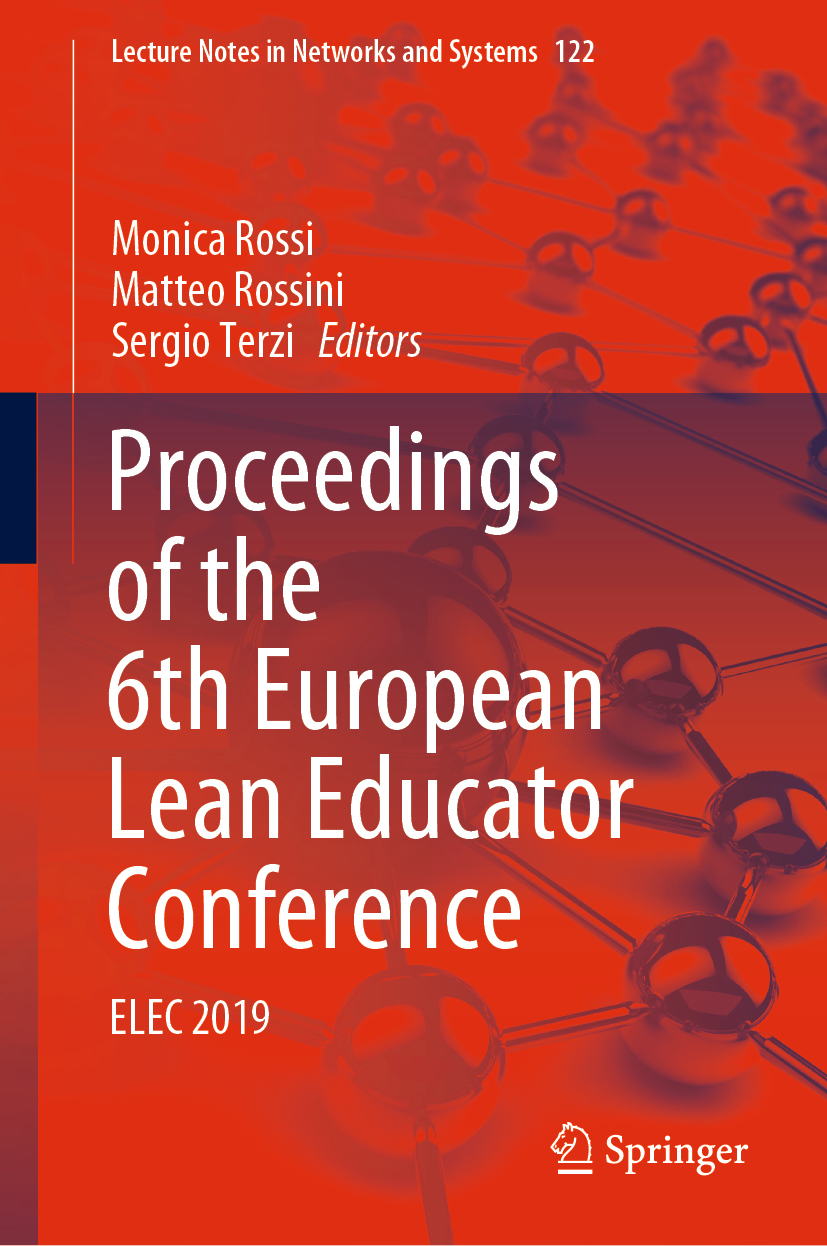
Proceedings of the 6th European Lean Educator Conference This book gathers selected peer-reviewed papers presented at the 6th European Lean Educator Conference (ELEC), held in Milan, Italy, on November 11-13, 2019. The conference topics include the following: lean trainings in university and industry collaborations; lean product and process development; lean and people empowerment; emerging contexts for lean applications; measuring lean performance; lean, green and circular; continuous improvement initiatives; lean thinking in practice; organizational culture in lean journeys; and innovative training approaches to teaching lean management. The contributions explore the latest academic and industrial findings on and advances in lean education, and identify innovative methods that allow lean thinking benefits to be achieved in practice. As such, the book presents the outcomes of a fruitful exchange between academia and industry designed to help train the next generation of lean educators. TECHNOLOGY & ENGINEERING,Manufacturing

Advances in Abrasive Based Machining and Finishing Processes This book presents the advances in abrasive based machining and finishing in broad sense. Specifically, the book covers the novel machining and finishing strategies implemented in various advanced machining processes for improving machining accuracy and overall quality of the product. This book presents the capability of advanced machining processes using abrasive grain. It also covers ways for enhancing the production rate as well as quality. It fulfills the gap between the production of any complicated components and successful machining with abrasive particles. TECHNOLOGY & ENGINEERING,Manufacturing
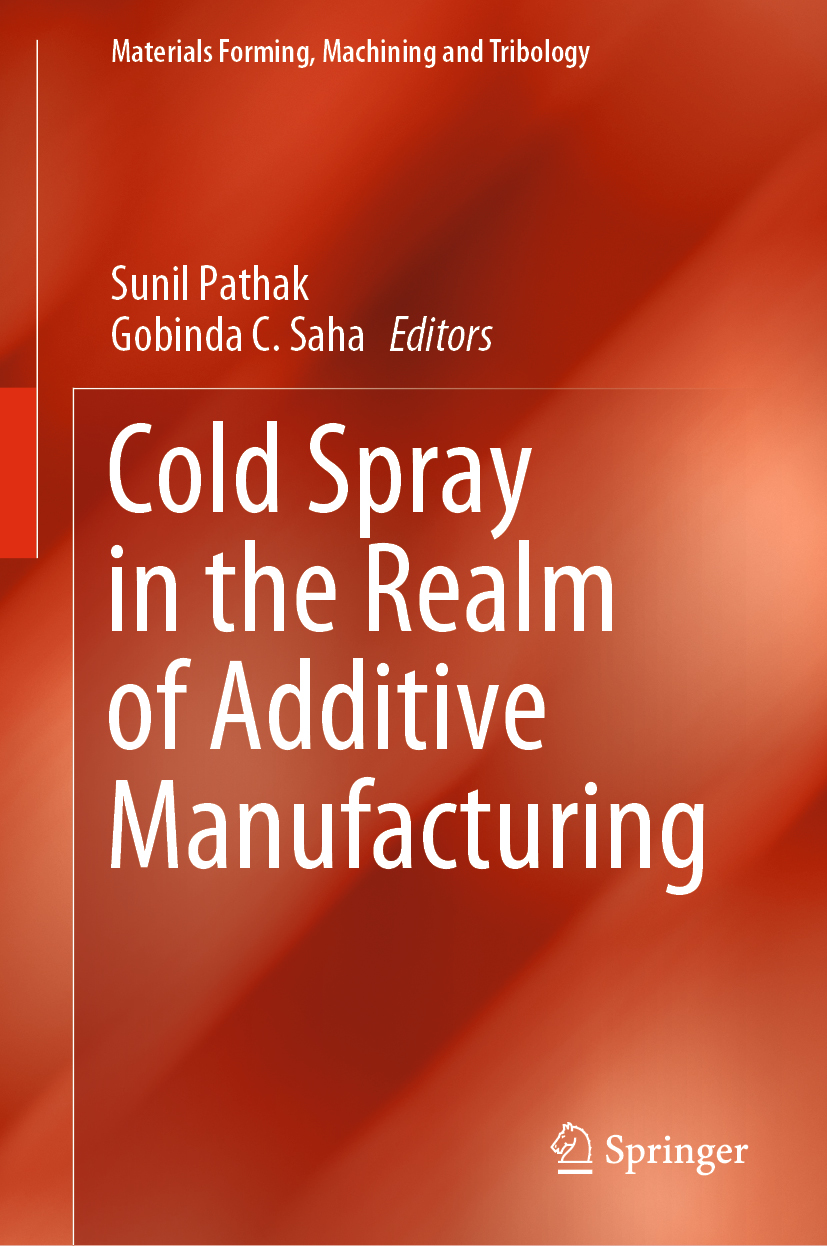
Cold Spray in the Realm of Additive Manufacturing This book sheds light on the development of the cold spray process in applications of additive manufacturing (AM) and repair/remanufacturing engineering. It covers the process fundamentals of different cold spray techniques, namely low pressure cold spray and high pressure cold spray process. Bonding mechanism and powder substrate interface are an important part of the book. The chapters present the recent developments in materials used in cold spraying for AM and various coating applications. The latest research in this area as well as possible avenues of future research are also highlighted as a way to encourage the researchers. TECHNOLOGY & ENGINEERING,Manufacturing

Advances in Materials Engineering and Manufacturing Processes This book comprises select proceedings of the International Conference on Futuristic Trends in Materials and Manufacturing (ICFTMM) 2019. It covers latest findings and challenges in manufacturing processes and characterization of different advanced materials. Latest fabrication techniques of polymer based materials, biomaterials, and energy materials along with their practical applications are discussed. The contents also focus on cost-effective and energy-efficient sustainable and green manufacturing technologies. The contents of this book will be useful for students, researchers as well as industry professionals interested in characterization and fabrication of materials. TECHNOLOGY & ENGINEERING,Manufacturing
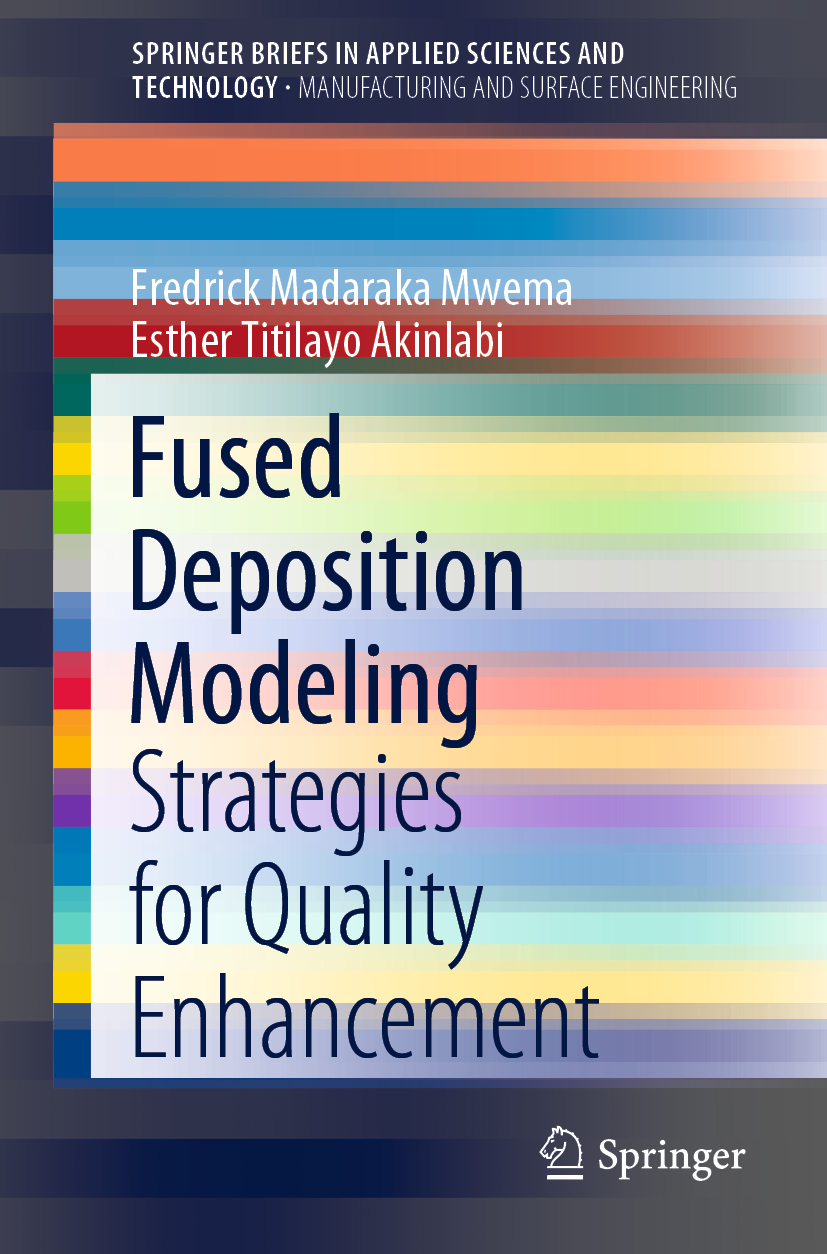
Fused Deposition Modeling In this book, fused deposition modeling (FDM) is described with focus on product quality control and enhancement. The book begins by introducing the basics of FDM and its associated process parameters. Then, strategies for quality control and enhancement are described using case studies of both original results by the authors and from published literature. Resolution and print orientation, multi-objective optimizations and surface engineering are identified and discussed as the strategies for enhancing the quality of FDM products in this book. TECHNOLOGY & ENGINEERING,Manufacturing
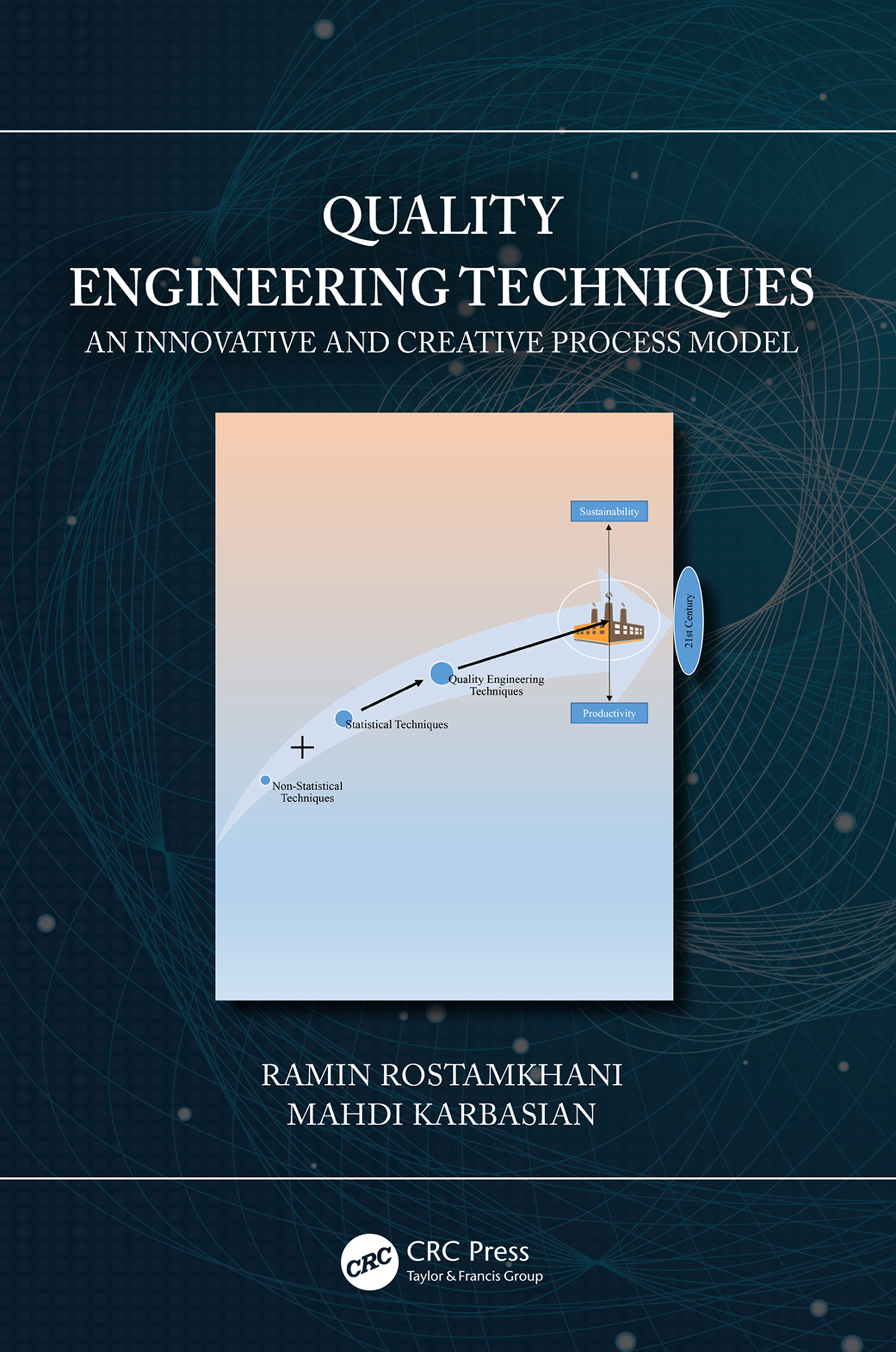
Quality Engineering Techniques In today’s industrial and complex world, the progress of change is incredible. The amount of information which needs to be analyzed is very large and time has become more and more limited. Industries and firms of all sizes desire to increase productivity and sustainability to keep their competitive edge in the marketplace. One of the best tools for achieving this is the application of Quality Engineering Techniques (QET). This book will introduce the integrated model and the numerical applications for implementing it. TECHNOLOGY & ENGINEERING,Manufacturing
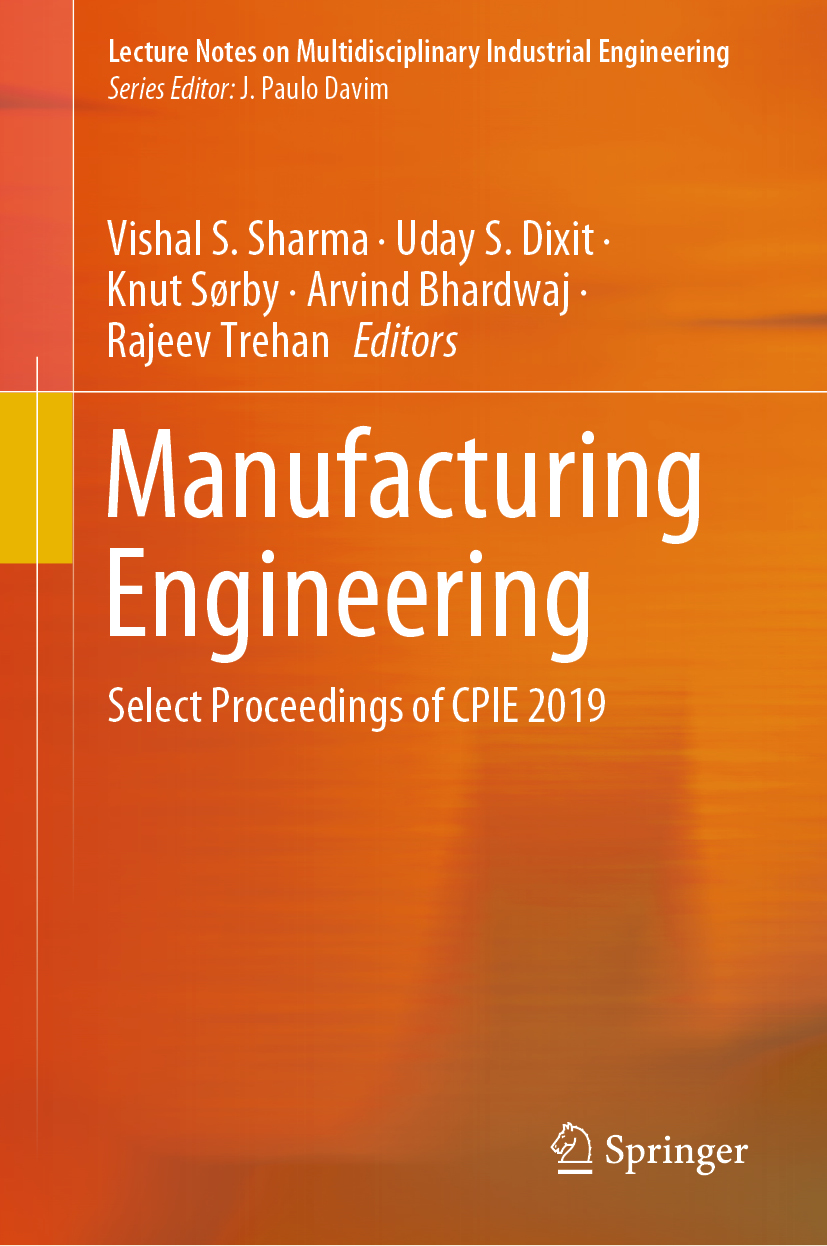
Manufacturing Engineering This volume comprises select peer-reviewed contributions from the International Conference on Production and Industrial Engineering (CPIE) 2019. The contents focus on latest research in production and manufacturing engineering including case studies with analytical models and latest numerical approaches. The topics covered include micro, nano, and non-conventional machining, additive manufacturing, casting and forming, joining processes, vibrations and acoustics, materials and processing, product design and development, industrial automation, CAD/CAM and robotics, and sustainability in manufacturing. The book can be useful for students, researchers, and professionals working in manufacturing and production engineering, and other allied fields. TECHNOLOGY & ENGINEERING,Manufacturing
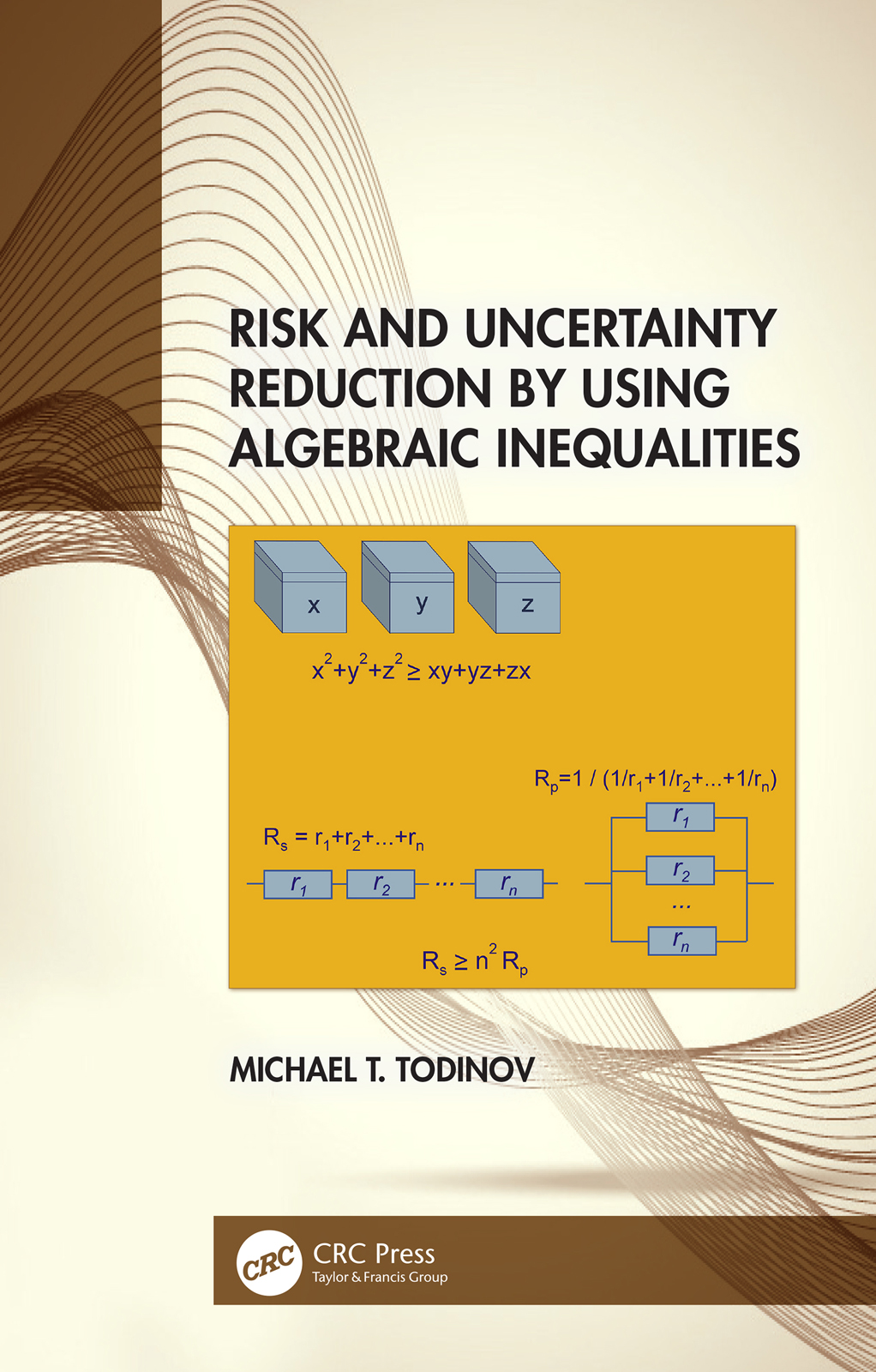
Risk and Uncertainty Reduction by Using Algebraic Inequalities This book covers the application of algebraic inequalities for reliability improvement and for uncertainty and risk reduction. It equips readers with powerful domain-independent methods for reducing risk based on algebraic inequalities and demonstrates the significant benefits derived from the application for risk and uncertainty reduction. Algebraic inequalities: • Provide a powerful reliability improvement, risk and uncertainty reduction method that transcends engineering and can be applied in various domains of human activity • Present an effective tool for dealing with deep uncertainty related to key reliability-critical parameters of systems and processes • Permit meaningful interpretations which link abstract inequalities with the real world • Offer a tool for determining tight bounds for the variation of risk-critical parameters and complying the design with these bounds to avoid failure • Allow optimising designs and processes by minimising the deviation of critical output parameters from their specified values and maximising their performance This book is primarily for engineering professionals and academic researchers in virtually all existing engineering disciplines. TECHNOLOGY & ENGINEERING,Manufacturing
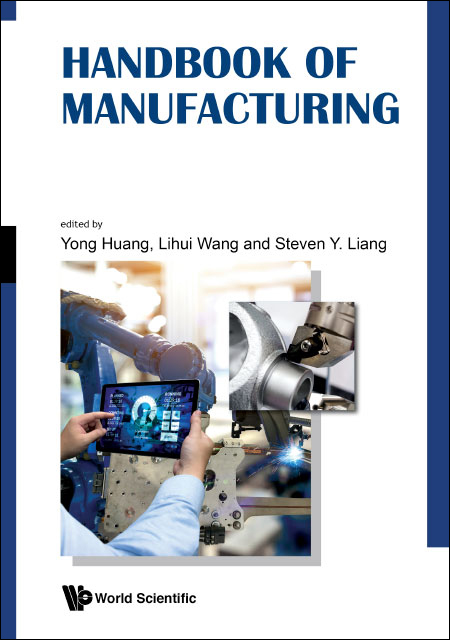
Handbook Of Manufacturing Handbook of Manufacturing provides a comprehensive overview of fundamental knowledge on manufacturing, covering various processes, manufacturing-related metrology and quality assessment and control, and manufacturing systems. Many modern processes such as additive manufacturing, micro- and nano-manufacturing, and biomedical manufacturing are also covered in this handbook. The handbook will help prepare readers for future exploration of manufacturing research as well as practical engineering applications. TECHNOLOGY & ENGINEERING,Manufacturing
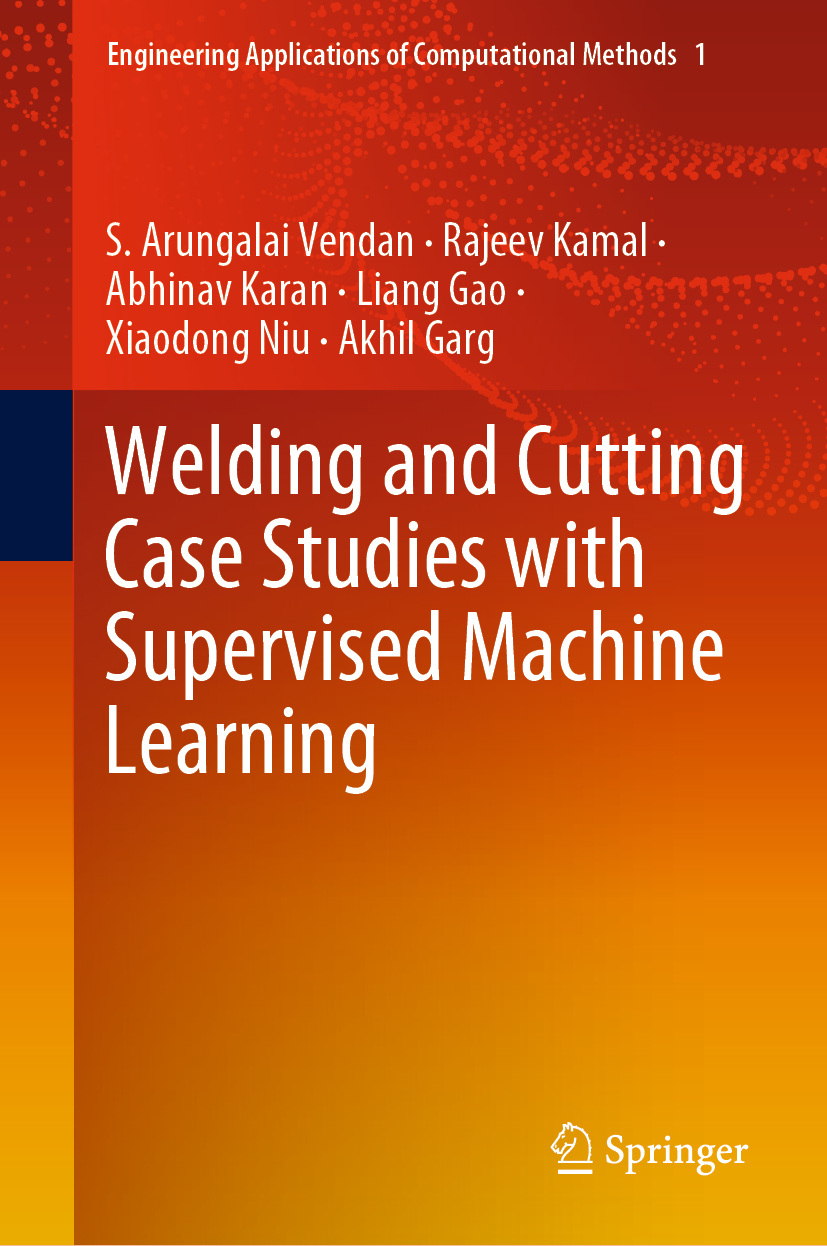
Welding and Cutting Case Studies with Supervised Machine Learning This book presents machine learning as a set of pre-requisites, co-requisites, and post-requisites, focusing on mathematical concepts and engineering applications in advanced welding and cutting processes. It describes a number of advanced welding and cutting processes and then assesses the parametrical interdependencies of two entities, namely the data analysis and data visualization techniques, which form the core of machine learning. Subsequently, it discusses supervised learning, highlighting Python libraries such as NumPy, Pandas and Scikit Learn programming. It also includes case studies that employ machine learning for manufacturing processes in the engineering domain. The book not only provides beginners with an introduction to machine learning for applied sciences, enabling them to address global competitiveness and work on real-time technical challenges, it is also a valuable resource for scholars with domain knowledge. TECHNOLOGY & ENGINEERING,Manufacturing

Advances in Design, Simulation and Manufacturing III This book reports on topics at the interface between manufacturing and materials engineering, with a special emphasis on design and simulation issues. Specifically, it covers the development of CAx technologies for product design, the implementation of smart manufacturing systems and Industry 4.0 strategies, topics in technological assurance, numerical simulation and experimental studies on cutting, milling, grinding, pressing and profiling processes, as well as the development and implementation of new advanced materials. Based on the 3rd International Conference on Design, Simulation, Manufacturing: The Innovation Exchange (DSMIE-2020), held on June 9-12, 2020 in Kharkiv, Ukraine, this first volume in a two-volume set provides academics and professionals with extensive information on the latest trends, technologies, challenges and practice-oriented lessons learned in the above-mentioned areas. TECHNOLOGY & ENGINEERING,Manufacturing
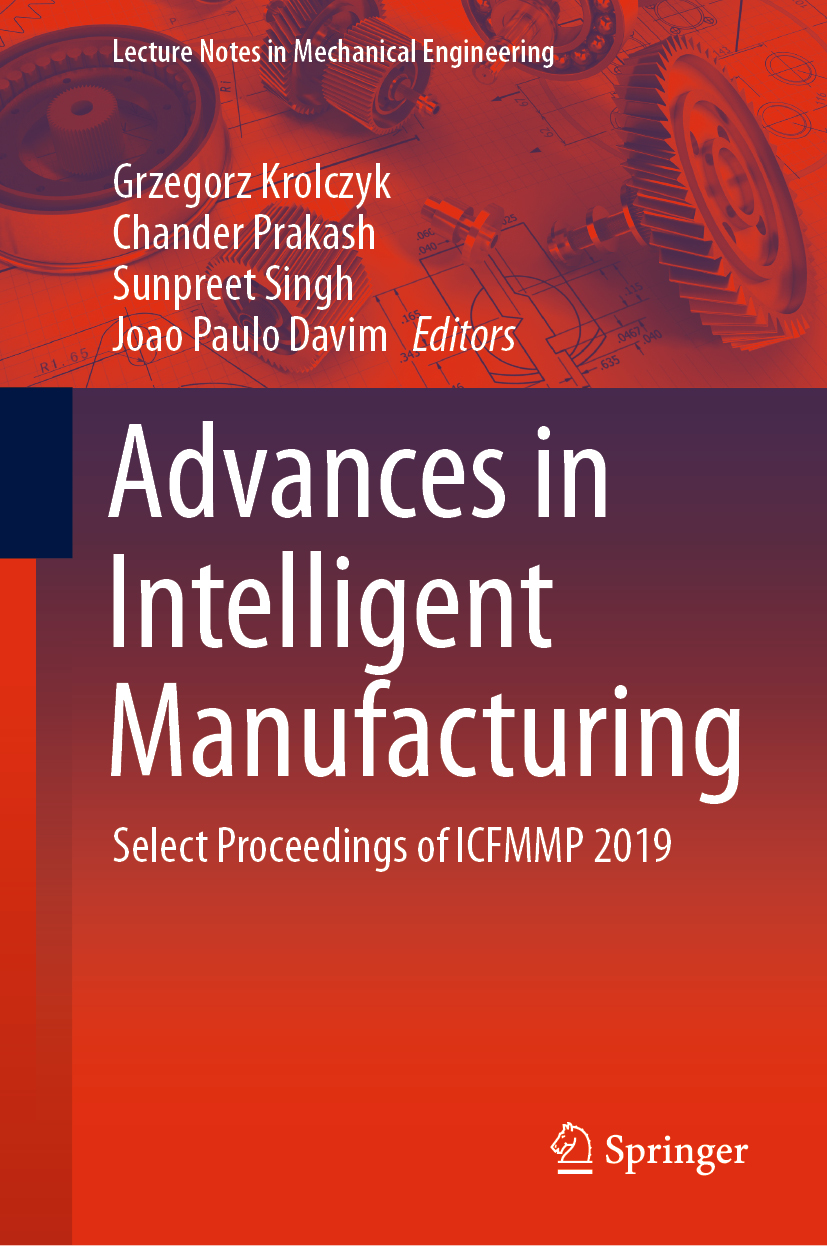
Advances in Intelligent Manufacturing This book consists of select proceedings of the International Conference on Functional Material, Manufacturing and Performances (ICFMMP) 2019, and presents latest research on using the combined intelligence of people, processes, and machines to impact the overall economics of manufacturing. The book focuses on optimizing manufacturing resources, improving business value and safety, and reducing waste – both on the floor and in back-office operations. It highlights the applications of the latest manufacturing execution system (MES), intelligent devices, machine-to-machine communication, and data analysis for the production lines and facilities. This book will be useful to manufacturers of finished goods and of sub-assemblies in the automotive, agriculture, and construction equipment sector. It will also provide solutions to make production strategies exceptional and can be a useful reference for beginners, researchers, and professionals interested in intelligent manufacturing technologies. TECHNOLOGY & ENGINEERING,Manufacturing
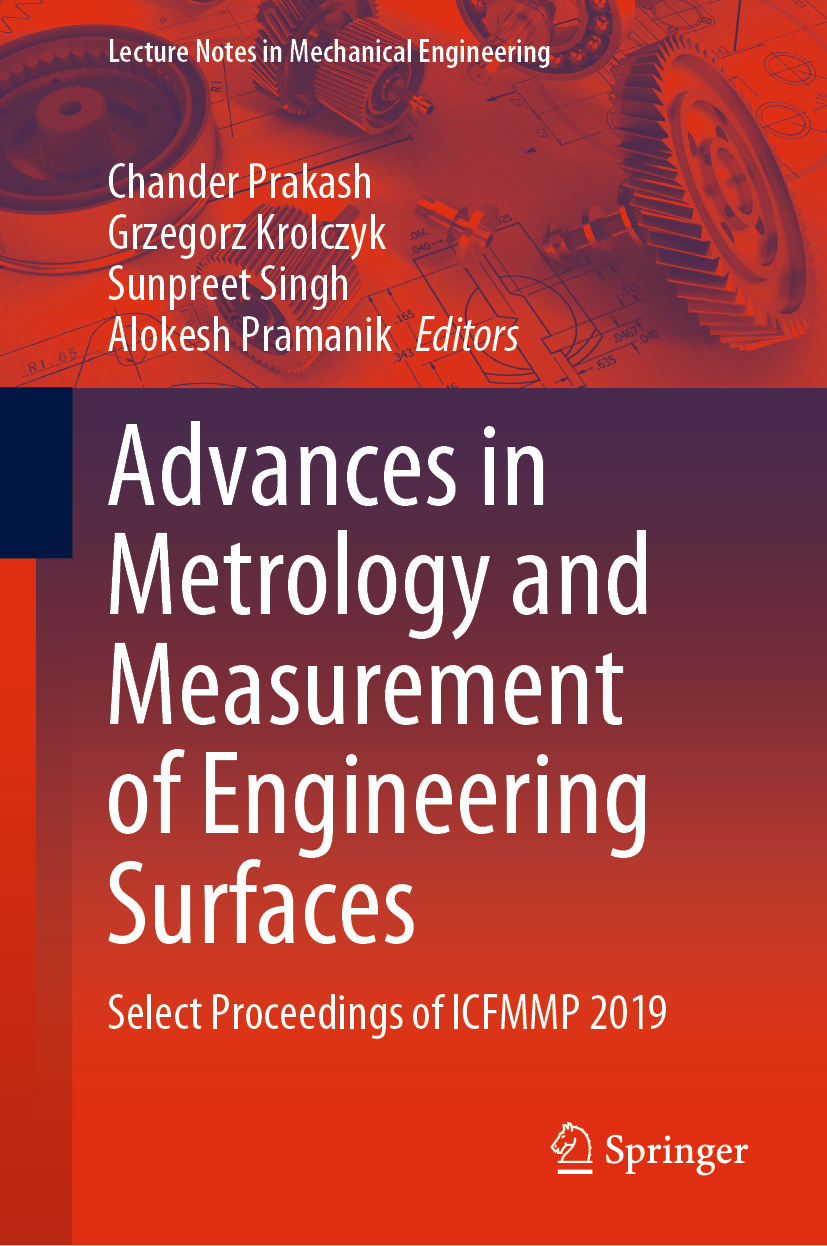
Advances in Metrology and Measurement of Engineering Surfaces This book presents the select proceedings of the International Conference on Functional Material, Manufacturing and Performances (ICFMMP) 2019. The book covers broad aspects of several topics involved in the metrology and measurement of engineering surfaces and their implementation in automotive, bio-manufacturing, chemicals, electronics, energy, construction materials, and other engineering applications. The contents focus on cutting-edge instruments, methods and standards in the field of metrology and mechanical properties of advanced materials. Given the scope of the topics, this book can be useful for students, researchers and professionals interested in the measurement of surfaces, and the applications thereof. TECHNOLOGY & ENGINEERING,Manufacturing
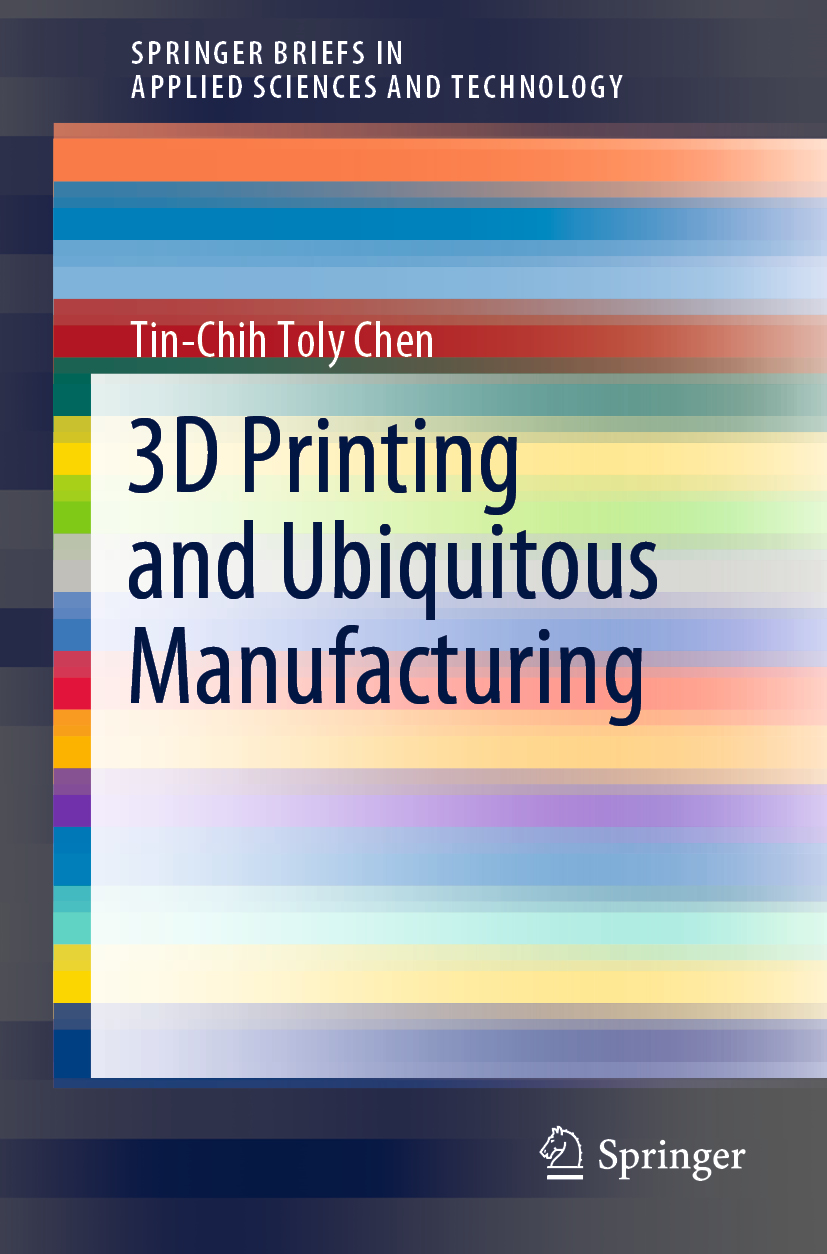
3D Printing and Ubiquitous Manufacturing This book provides a thorough overview of the applications of 3D printing technologies to ubiquitous manufacturing (UM). UM itself represents an application of ubiquitous computing in the manufacturing sector, and this book reveals how it offers convenient, on-demand network access to a shared pool of configurable manufacturing resources, including software tools, equipment, and capabilities. Given its scope, the book will be of considerable interest to researchers in the areas of manufacturing, mechanical engineering, operations management, production control, ubiquitous computing, and sensor technologies, as well as practicing managers and engineers. TECHNOLOGY & ENGINEERING,Manufacturing
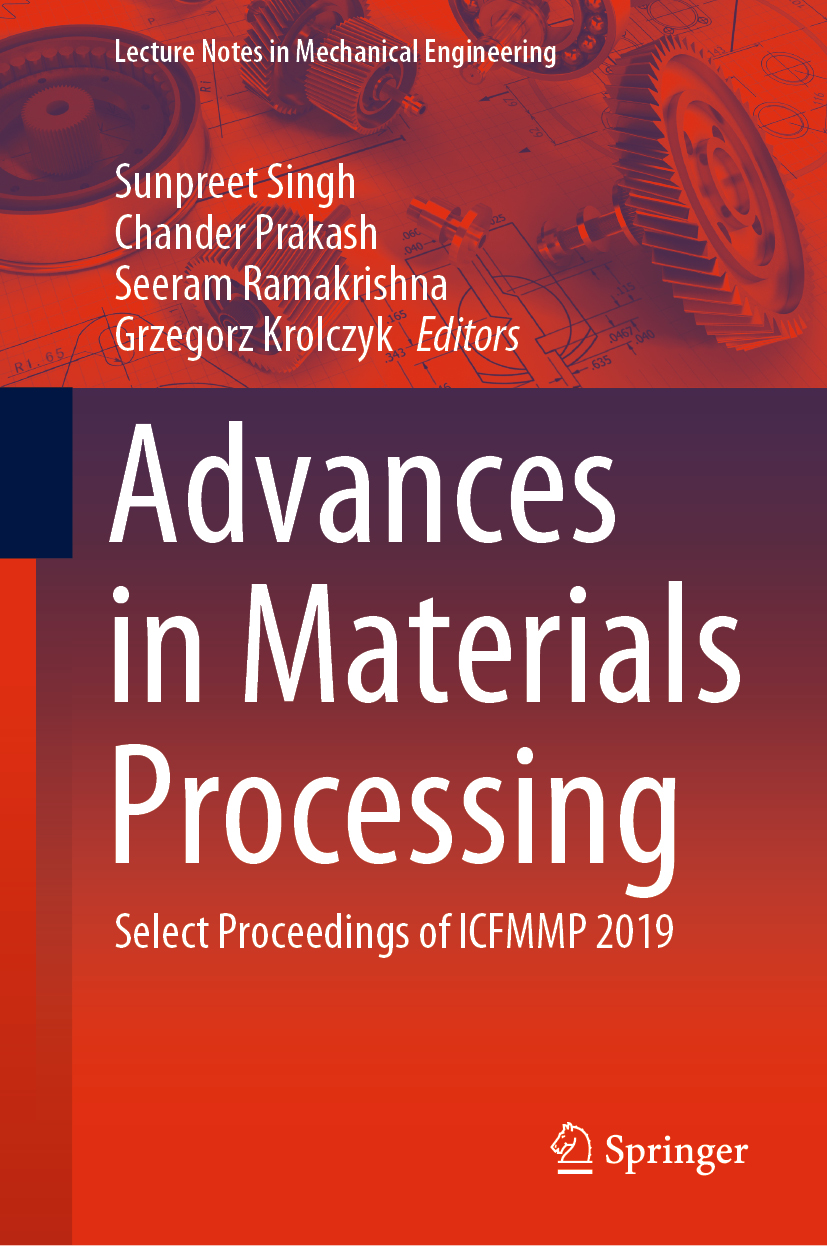
Advances in Materials Processing This book presents the select proceedings of the International Conference on Functional Material, Manufacturing and Performances (ICFMMP) 2019. The book primarily covers recent research, theories, and practices relevant to surface engineering and processing of materials. It focuses on the lesser-known technologies and advanced manufacturing methods which may not be standardized yet but are highly beneficial to material and manufacturing industrial engineers. The book includes current advances in the field of coating, deposition, cladding, nanotechnology, surface finishing, precision machining, processing, and emerging advanced manufacturing technologies which enhance the performance of materials in terms of corrosion, wear and fatigue. The book can be a valuable reference for beginners, researchers, and professionals interested in materials processing and allied fields. TECHNOLOGY & ENGINEERING,Manufacturing
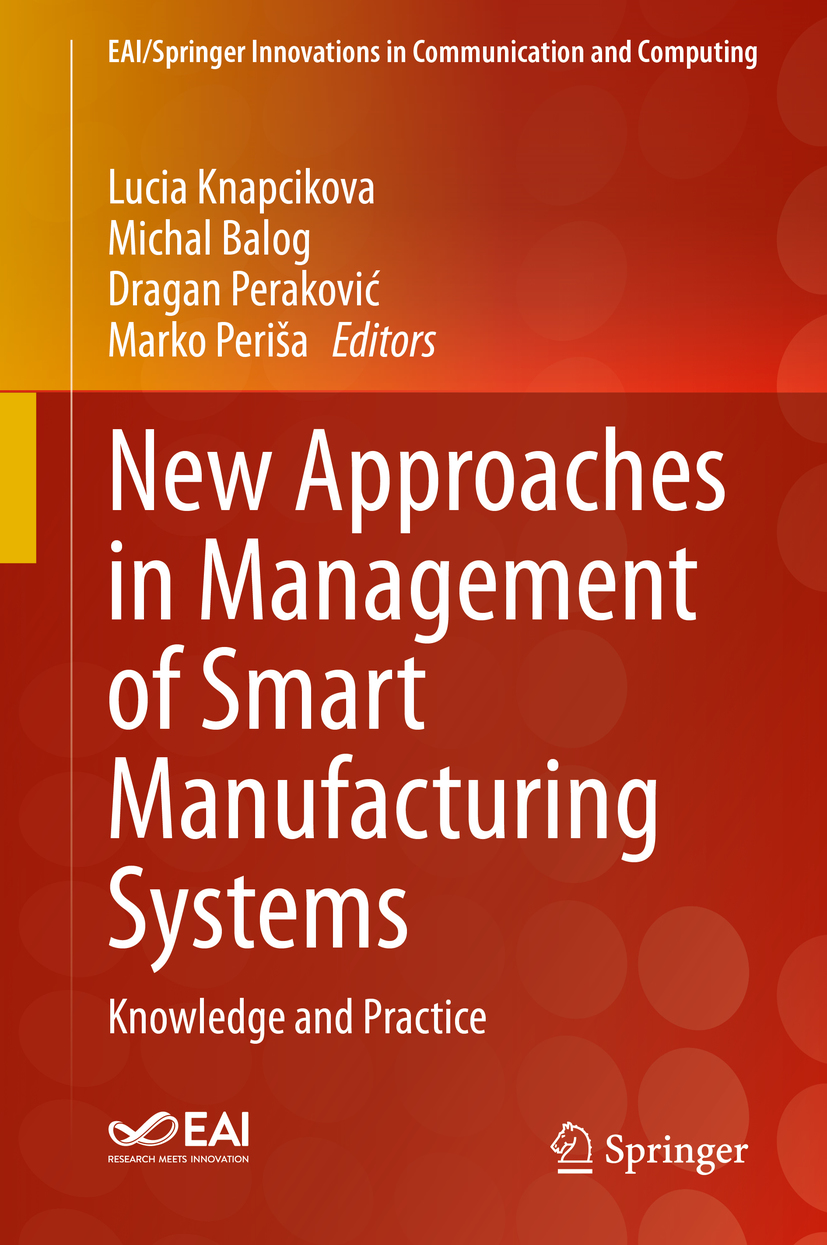
New Approaches in Management of Smart Manufacturing Systems This book provides a comprehensive and effective exchange of information on current developments in the management of manufacturing systems and Industry 4.0. The book aims to establish channels of communication and disseminate knowledge among professionals working in manufacturing and related institutions. In the book, researchers, academicians and practitioners in relevant fields share their knowledge from the sectors of management of manufacturing systems. The chapters were selected from several conferences in the field, with the topics including management of manufacturing systems with support for Industry 4.0, logistics and intelligent manufacturing systems and applications, cooperation management, and its effective applications. The book also includes case studies in logistics, RFID applications, and economic impacts in logistics, ICT support for industry 4.0, industrial and smart logistics, intelligent manufacturing systems and applications TECHNOLOGY & ENGINEERING,Manufacturing
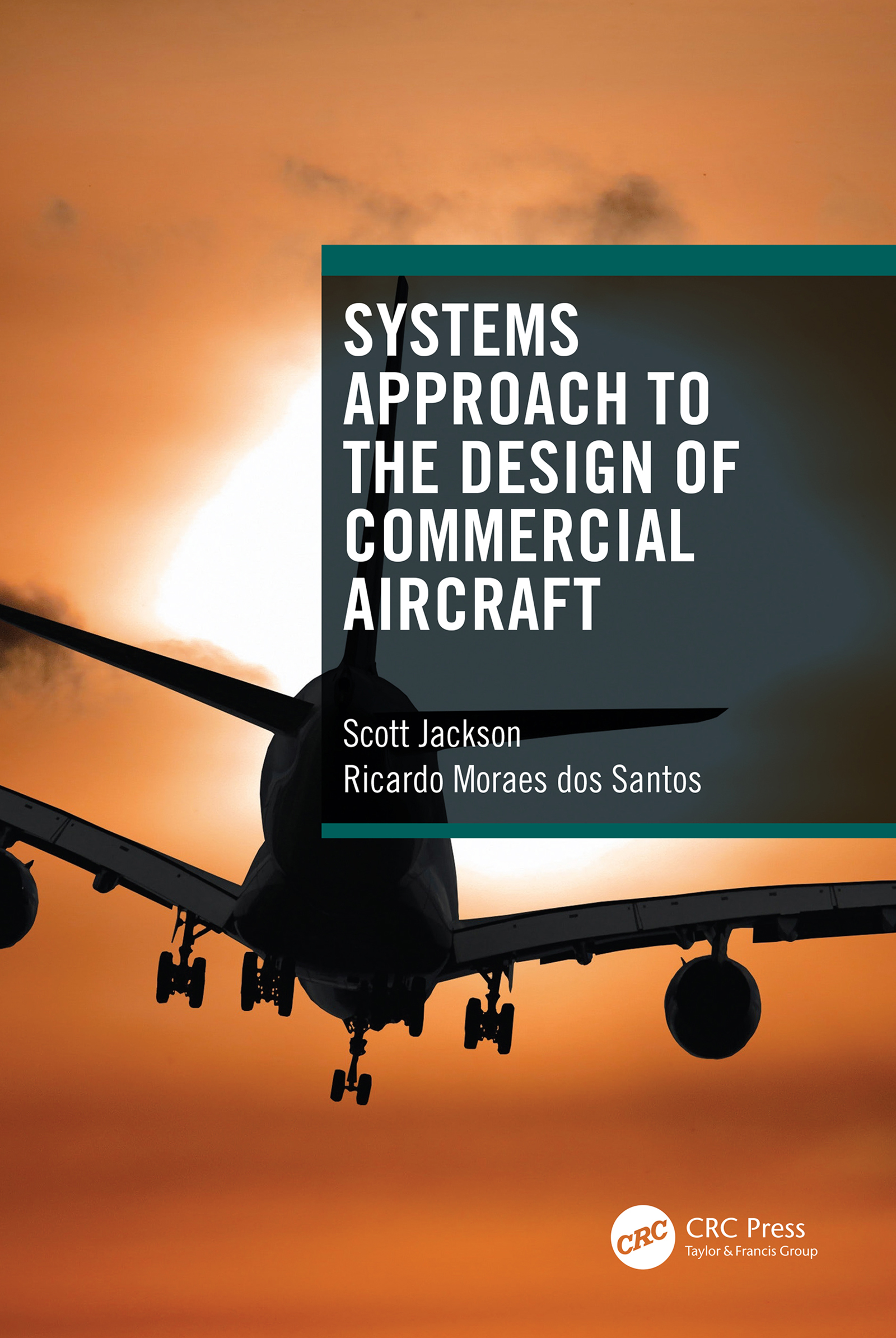
Systems Approach to the Design of Commercial Aircraft While aviation fatalities have thankfully fallen dramatically in recent years, the phenomena of complexity and cognitive bias have been shown to be factors in many accidents. An understanding of these phenomena promises to bring the fatality rate even lower, and a deeper understanding of commercial aircraft in the context of systems engineering will contribute to that trend. Systems Approach to the Design of Commercial Aircraft describes commercial aircraft from an advanced systems point of view, addressing complexity, cybersecurity, and systems architecting. In addition, it provides an explanation of systems engineering, describes how systems engineering forms a framework for commercial aircraft, covers how systems engineering and systems architecting relate to commercial aircraft, addresses complexity, and shows how humans fit into systems engineering and the importance for commercial aircraft. It goes onto present how cybersecurity plays an important role in the mix and how human interface fits in. The readership includes designers of aircraft, manufacturers, researchers, systems engineers, and students. Scott Jackson is a fellow of the International Council on Systems Engineering (INCOSE) and the author of Systems Engineering for Commercial Aircraft (1997 and 2015) in English and Chinese. Ricardo Moraes dos Santos is a senior systems engineer at EMBRAER S/A and an INCOSE Brazil chapter director. He works with Architecting process (Corporate) and is head of Cybersecurity and Safety (STPA Applications) at EMBRAER S/A. TECHNOLOGY & ENGINEERING,Manufacturing
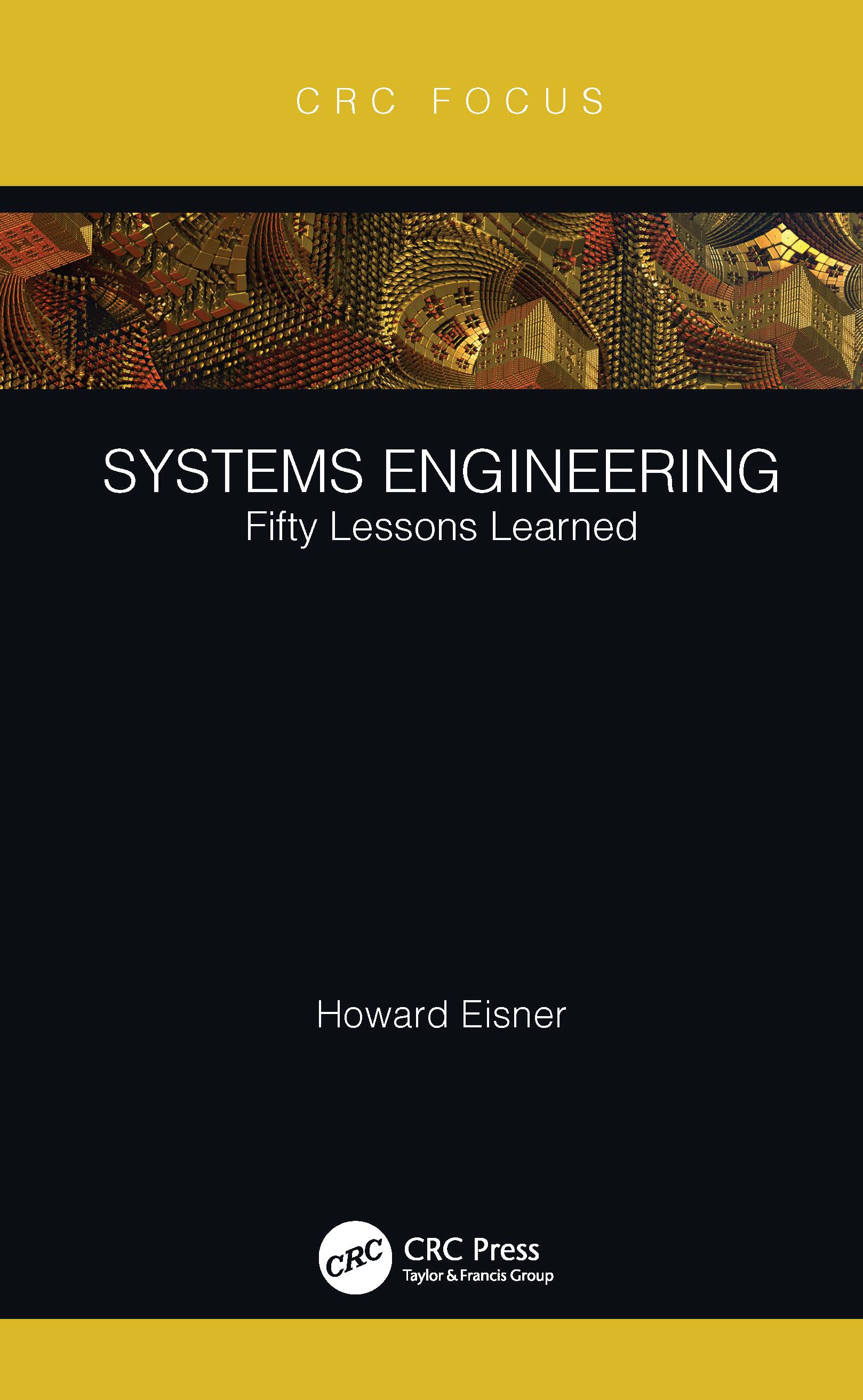
Systems Engineering The author has spent approximately 50 years in the field of systems engineering. This Focus book provides a "looking back" at his 50-year run and the lessons he learned and would like to share with other engineers, so they can use these lessons in their day-to-day work in systems engineering and related fields. The book is written from a systems engineering perspective. It offers 50 lessons learned working for a variety of different companies, which can be used across many other engineering fields. The book will be of interested to students and engineers across many fields, as well as students and engineers working in business and management fields. TECHNOLOGY & ENGINEERING,Manufacturing
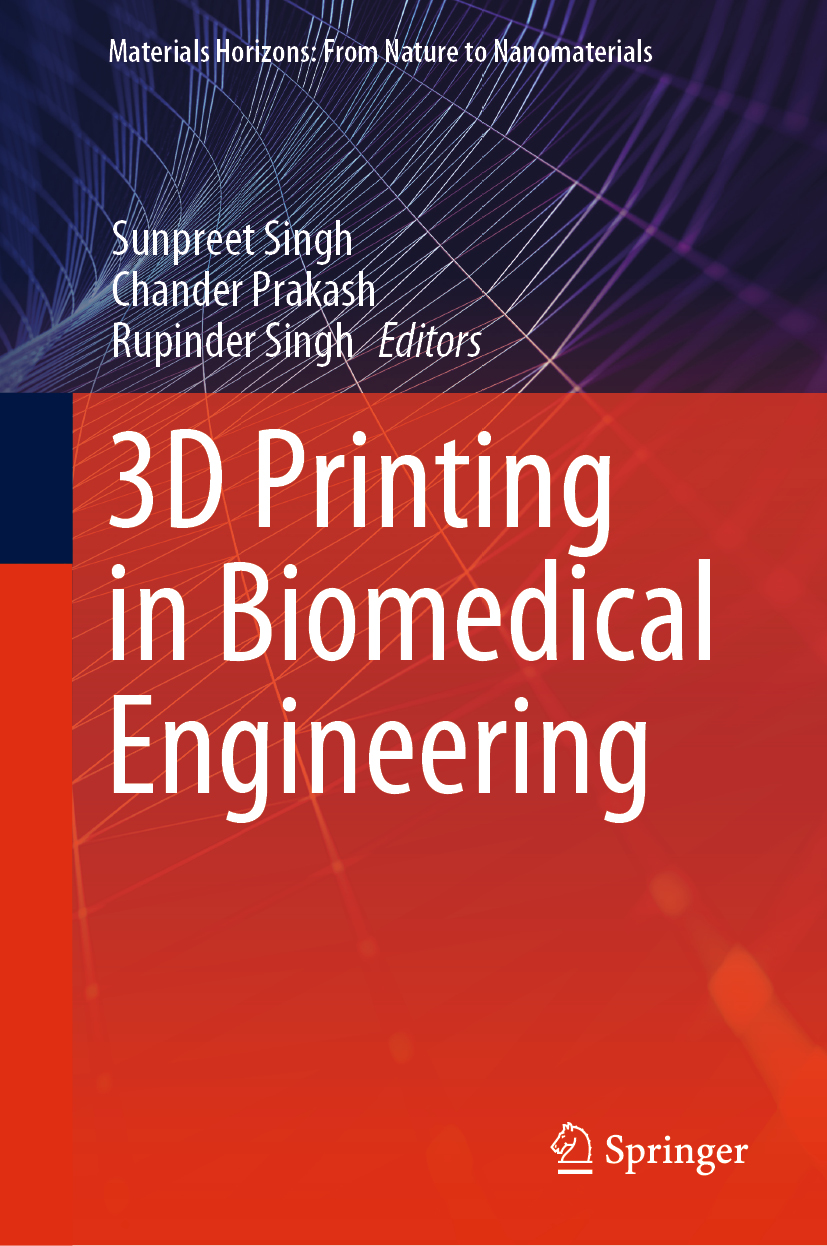
3D Printing in Biomedical Engineering This book gives a comprehensive overview of the rapidly evolving field of three-dimensional (3D) printing, and its increasing applications in the biomedical domain. 3D printing has distinct advantages like improved quality, cost-effectiveness, and higher efficiency compared to traditional manufacturing processes. Besides these advantages, current challenges and opportunities regarding choice of material, design, and efficiency are addressed in the book. Individual chapters also focus on select areas of applications such as surgical guides, tissue regeneration, artificial scaffolds and implants, and drug delivery and release. This book will be a valuable source of information for researchers and professionals interested in the expanding biomedical applications of 3D printing. TECHNOLOGY & ENGINEERING,Manufacturing

Applied Systems Analysis Applied Systems Analysis: Science and Art of Solving Real-Life Problems Subject Guide: Engineering – Industrial and Manufacturing Any activity is aimed at solving certain problems, which means transferring a system from an existing unsatisfactory problematic state to a desired state. The success or failure of the system depends on how its natural properties were implemented during the planning of improvement and intervention state. This book covers the theory and experience of successfully solving problems in a practical and general way. This book includes a general survey of modern systems analysis; offers several original results; presents the latest methodological and technological results of the theory of systems; introduces achievements; and discusses the transition from the ideology of the machine age to the ideology of the systems age. This book will be of interest to both professionals and academicians. TECHNOLOGY & ENGINEERING,Manufacturing
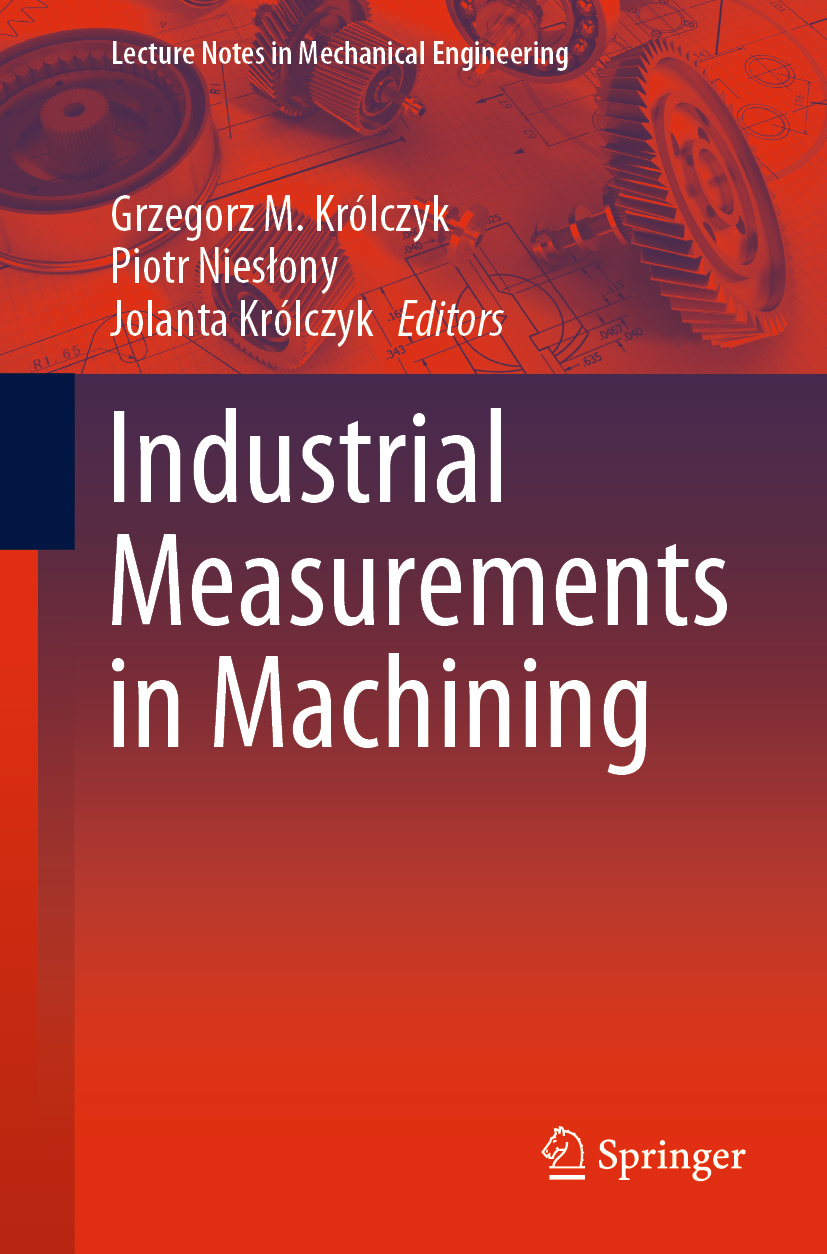
Industrial Measurements in Machining This book includes the best papers from two conferences on machining and abrasive machining, organized in Poland on September 11-12, 2019. The chapters discuss classical topics and emerging methods and models in machining, measurement, and quality control. They cover new technologies, such as water jet machining, discuss important topics such as energy efficiency in machining, and analyze different cutting methods, materials and mechanisms. TECHNOLOGY & ENGINEERING,Manufacturing

Critical Thinking Mistakes occur for many reasons. This book takes a hands-on approach to the reasons mistakes happen, analyzes the actual mistakes, and develops a strategy to reduce them. This book proposes error reduction strategies in human decision making and educates the reader to further reduce the likelihood of making a mistake. It provides error reduction strategies, describes various cost-effective methods for eliminating costly errors, and discusses Anthropometry, Crew Resource Management, Human Factors, Industrial Engineering, Scientific Management, and Usability and the role these topics play in the avoidance of mistakes. This book will be of interest to professionals and students in the areas of industrial engineering, human factors, logistics, quality control, manufacturing, human resources, and safety. TECHNOLOGY & ENGINEERING,Manufacturing
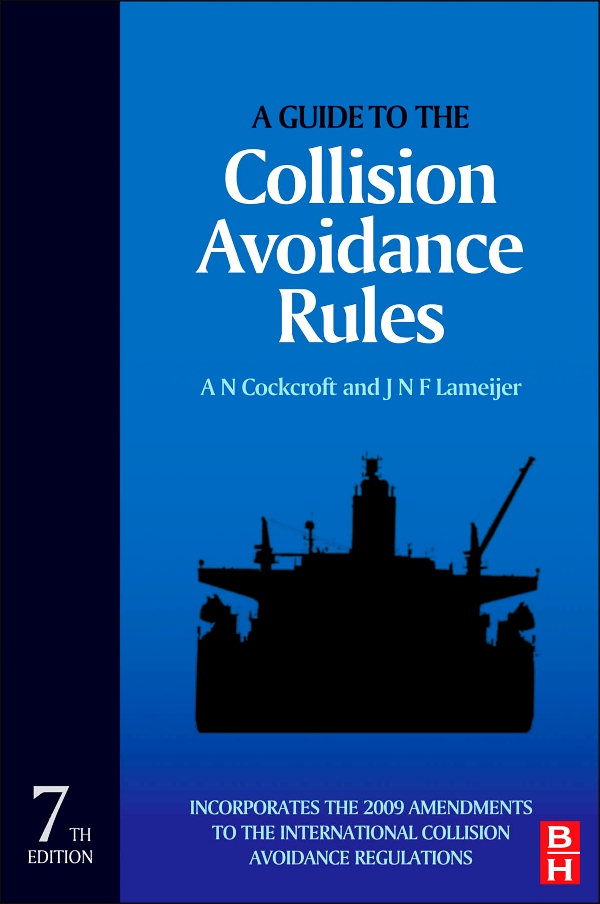
A Guide to the Collision Avoidance Rules A Guide to the Collision Avoidance Rules is the essential reference to the safe operation of all vessels at sea. Published continuously since 1965, this respected and expert guide is the classic text for all who need to practically and legally understand and comply with ‘The Rules’. This seventh edition includes the full text of the International Regulations for Preventing Collisions at Sea, with practical discussion of the implications of the rules included alongside all updates seen over the years, including the most recent amendments which came into force in December 2007. The books sets out the ‘COLREGs’ with clear explanation of their meaning, and gives detailed examples of how the rules have been used in practice by seafarers, as well as excerpts from court judgments to illustrate how they have been interpreted in practice. Written for seagoing engineers, navigating officers, senior crew, cadets and those in training, plus ship operators, marine lawyers and anyone concerned with the safe operation of shipping, this is an essential reference at sea and on shore. Includes the full text of the International Regulations for Preventing Collisions at Sea, updated in line with the December 2007 amendments to the rules. Contains practical advice on how the regulations should be interpreted and collisions avoided, with insightful discussion of the implications of key phrases and Court interpretations. Covers important maneuvering information, with diagrams covering stopping distances, turning circles of ships of various type and size, and a color section with examples of ships' lights. TECHNOLOGY & ENGINEERING,Marine & Naval
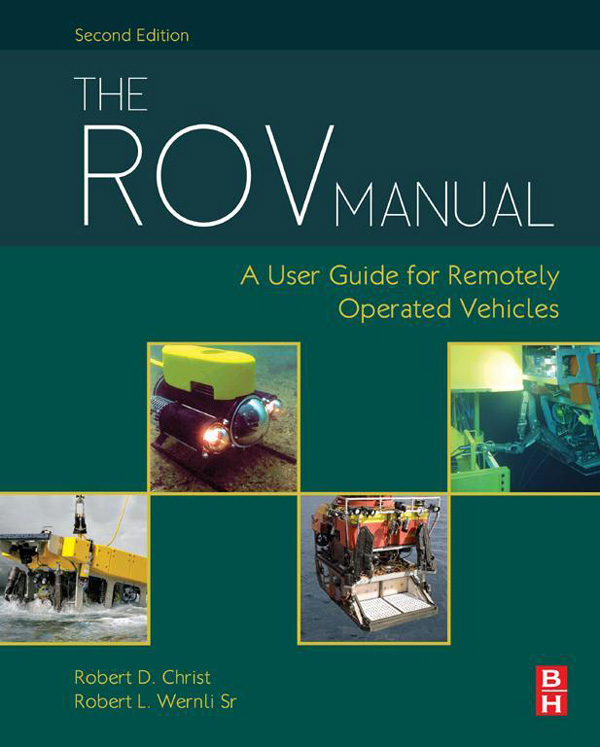
The ROV Manual Written by two well-known experts in the field with input from a broad network of industry specialists, The ROV Manual, Second Edition provides a complete training and reference guide to the use of observation class ROVs for surveying, inspection, and research purposes. This new edition has been thoroughly revised and substantially expanded, with nine new chapters, increased coverage of mid-sized ROVs, and extensive information on subsystems and enabling technologies. Useful tips are included throughout to guide users in gaining the maximum benefit from ROV technology in deep water applications. Intended for marine and offshore engineers and technicians using ROVs, The ROV Manual, Second Edition is also suitable for use by ROV designers and project managers in client companies making use of ROV technology. A complete user guide to observation class ROV (remotely operated vehicle) technology and underwater deployment for industrial, commercial, scientific, and recreational tasks Substantially expanded, with nine new chapters and a new five-part structure separating information on the industry, the vehicle, payload sensors, and other aspects Packed with hard-won insights and advice to help you achieve mission results quickly and efficiently TECHNOLOGY & ENGINEERING,Marine & Naval

Reeds Vol 10 This is a fully revised, new edition on the topic of instrumentation and control systems and their application to marine engineering for professional trainees studying Merchant Navy Marine Engineering Certificates of Competency (CoC) as well as Electrical/Marine Engineering undergraduate students. Providing generic technical and practical descriptions of the operation of instrumentation and control devices and systems, this volume also contains mathematic analysis where appropriate. Addressing this subject area, the domain of Instrumentation Engineers/Technicians as well as Control Engineers, and covering established processes and protocols and extensive developing technology, this textbook is written with the marine engineer in mind, particularly those studying Engineering Knowledge. The content ranges from simple measurement devices, through signal conditioning and digitisation to highly sophisticated automated control and instrumentation systems. It also includes a brand new section on electrical equipment in hazardous areas detailing hazards, gas groups, temperature classifications and types of protection including increased and intrinsic safety and encapsulation, and up-to-date material on the new generation of Liquified Natural Gas carriers, SMART sensors and protocols, as well as computer based systems. TECHNOLOGY & ENGINEERING,Marine & Naval
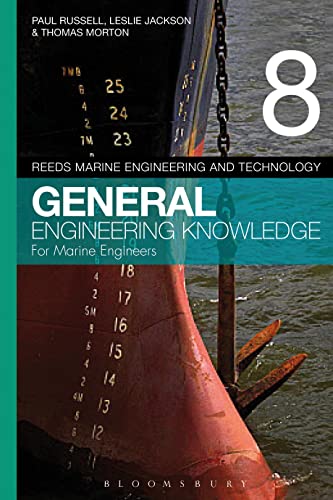
Reeds Vol 8 General Engineering Knowledge for Marine Engineers Developed to complement Reeds Vol. 12 (Motor Engineering for Marine Engineers), this textbook is key for all marine engineering officer cadets. This new edition has been extensively updated to include the latest equipment, practices and trends in marine engineering, as well as incorporating the 2010 Manila Amendments, particularly relating to Management. Accessibly written and clearly illustrated, this book is the core guide focusing on the knowledge needed for passing the engineering certificate of Competency (CoC) examinations. This key textbook takes into account the varying needs of students studying motor engineering, recognising recent changes to the Merchant Navy syllabus and current pathways to a sea-going engineering career, including National diplomas, Higher National Diploma and degree courses. An essential buy for any marine engineering student. TECHNOLOGY & ENGINEERING,Marine & Naval
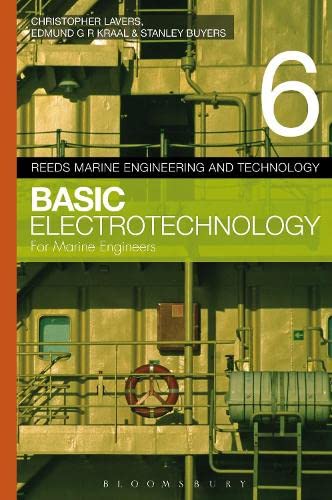
Reeds Vol 6 This book provides a comprehensive coverage of the basic theoretical work required by marineengineering officers and electrotechnical officers (ETOs), putting into place key fundamental building blocks and topics in electrotechnology before progressing to more complex topics and electromagnetic systems.Revisions will include important new material on emergent technology such as image intensifiers, the increased maritime use of LEDs, examples of ship systems including power distribution systems, and references to modern ship systems, eg. GPS, ECDIS, Radar, AIS, Comms outfits, etc.This essential text offers a truly rigorous approach to the key topic of electrotechnology. TECHNOLOGY & ENGINEERING,Marine & Naval
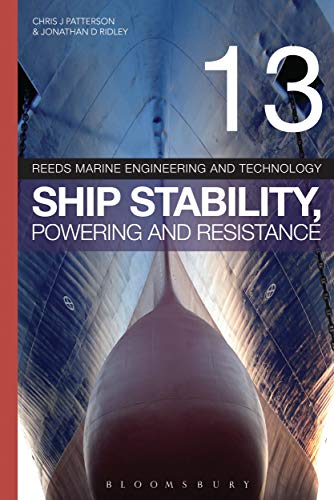
Reeds Vol 13 This indispensible guide to ship stability covers topics such as flotation and buoyancy, small angle, large angle and longitudinal stability, water density effects, bilging, ship resistance, and advanced hydrostatics. Each chapter has a comprehensive list of aims and objectives at the start of the topic, followed by a check-list at the end of the topic for students to ensure that they have developed all the relevant skills before moving onto the next topic area. The book features over 170 worked examples with fully explained solutions, enabling students to work through the examples to build up their knowledge and develop the necessary key skills. The worked examples, which range in difficulty from very simple one-step solutions to SQA standard exam questions and above, are predominantly based on a hypothetical ship, with the reader supplied with extracts from a typical data book for the ship which replicates those found on real ships, enabling the reader to develop and practise real-life skills. TECHNOLOGY & ENGINEERING,Marine & Naval

Marine Boilers Marine Boilers, Third Edition provides practical information about boilers and other relevant equipment used at sea on steam and motor vessels. The coverage of the book includes auxiliary boilers, water tube boilers, and boiler mountings. The text also covers stresses in boiler shells; combustion of fuel in boilers; and boiler operation. The book will be of great use to marine engineers, mechanics, and technicians who primarily deals with marine-related machineries. TECHNOLOGY & ENGINEERING,Marine & Naval
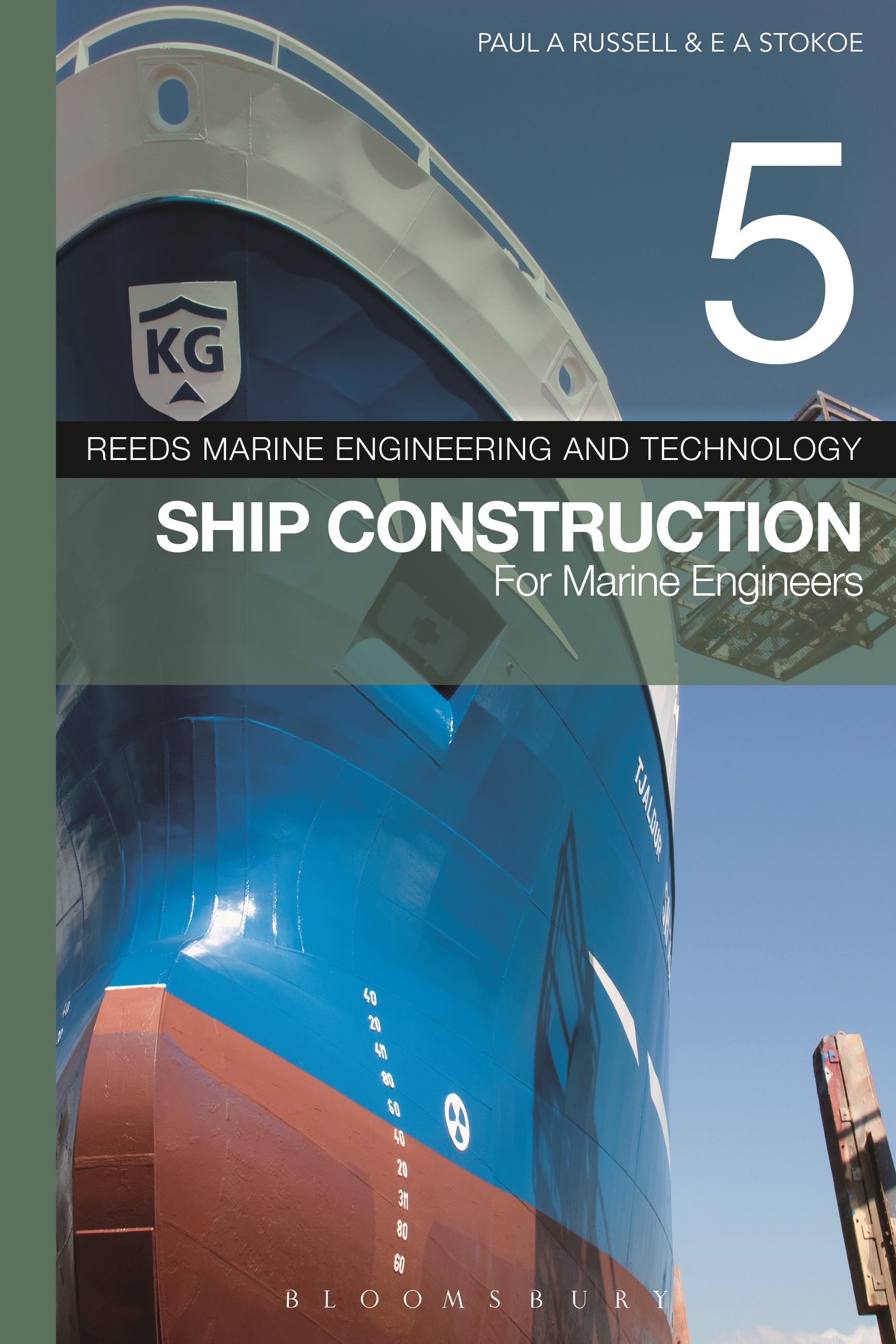
Reeds Vol 5 This textbook covers ship construction techniques and methods for all classes of Merchant Navy marine deck and engineering Certificates of Competency (CoC) as well as Undergraduate students studying Naval Architecture and Marine Engineering. It is complementary to Volume 4 (Naval Architecture) and Volume 8 (General Engineering Knowledge).Importantly, this new edition contains up-to-date information on modern shipyards, dry-docking procedures and methods of construction. Extensively illustrated, the book also includes sample examination questions with worked examples answers to aid students in their learning. TECHNOLOGY & ENGINEERING,Marine & Naval
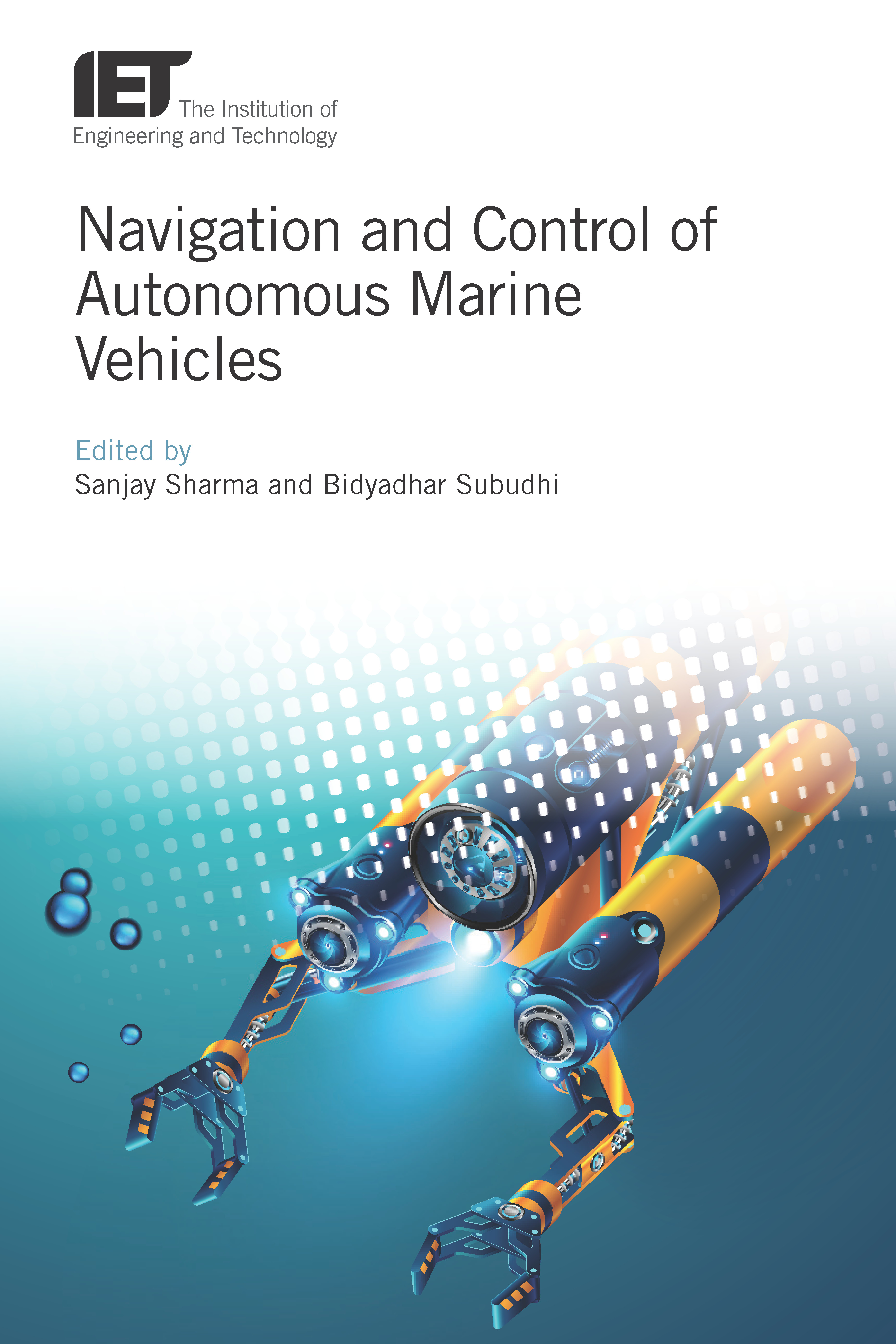
Navigation and Control of Autonomous Marine Vehicles This book covers the current state of research in navigation, modelling and control of marine autonomous vehicles, and deals with various related topics, including collision avoidance, communication, and a range of applications. TECHNOLOGY & ENGINEERING,Marine & Naval

The Sea and the Second World War The sea shaped the course and conduct of World War II, from the first moments of the German invasion of Poland on September 1, 1939, to the Japanese surrender on September 2, 1945. The impact could be felt far beyond the shoreline, as the arms and armies carried across the oceans were ultimately destined to wage war ashore. Populations and industries depended on the raw materials and supplies in a war that increasingly became a contest of national will and economic might. Ultimately, it was the war at sea that linked numerous regional conflicts and theaters of operation into a global war. As the war grew in complexity and covered an increasingly larger geographical area, the organization of the maritime effort and the impact it had on the formulation of national strategy also evolved. This volume illustrates the impact of naval operations on the Second World War by highlighting topics previously neglected in the scholarship. In doing so, it provides new insights into political, strategic, administrative, and operational aspects of the maritime dimension of the war. TECHNOLOGY & ENGINEERING,Marine & Naval
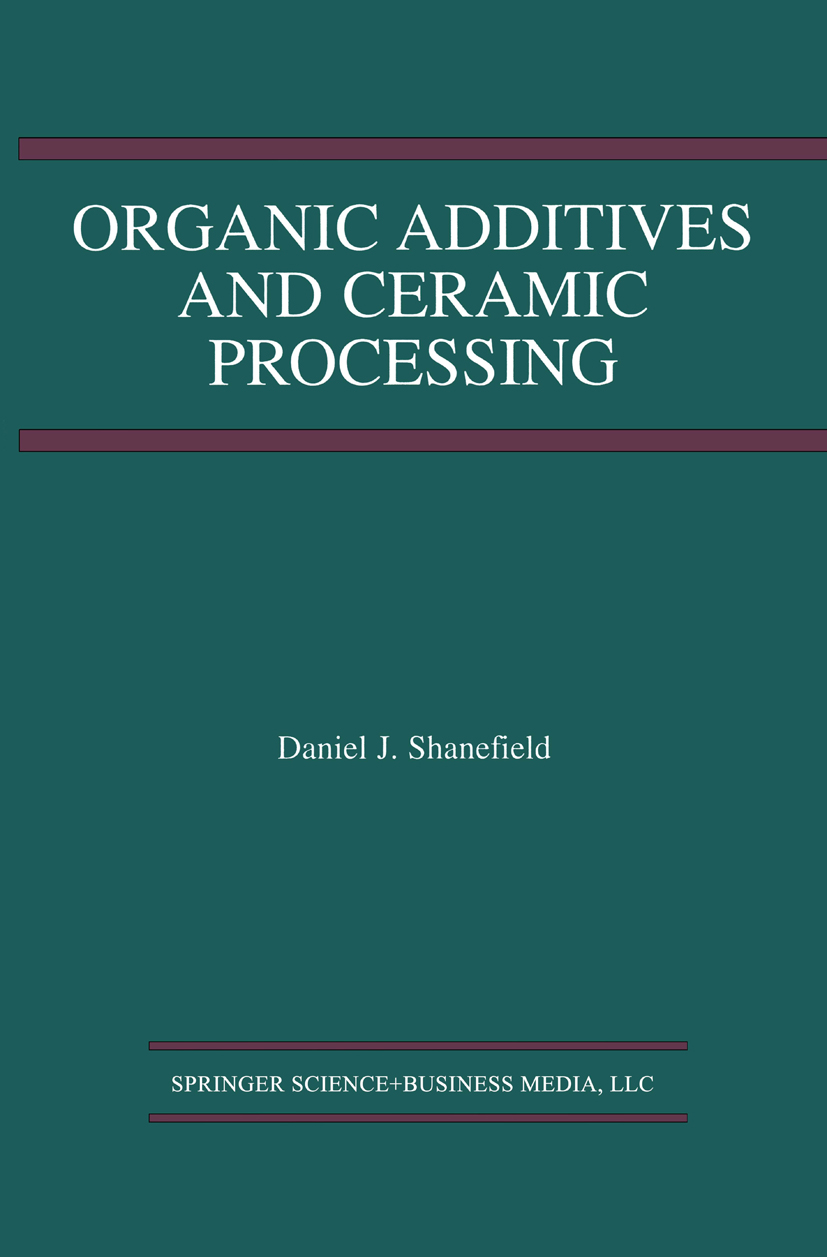
Organic Additives and Ceramic Processing Organic Additives and Ceramic Processing: With Applications in Powder Metallurgy, Ink, and Paint describes the major manufacturing processes, such as slip casting, tape casting, injection molding, etc. The book covers each subject, including the ceramic processes, organic chemical structures, polymers, colloid science and others, starting from fundamental principles, with many literature references for further reading. After the fundamentals, detailed case studies from industrial applications are described for the optimization of solvents, dispersants, binders, plasticizers, lubricants and some minor additives. A wide range of information is covered, beginning with fundamental equations for students, and extending to advanced applications for development workers and factory problem solvers. Shanefield undertook this ambitious task only because of the previous lack of resources that address the growing need for detailed information on organic additives for ceramics. Suitable for use as a textbook and as a reference source for working ceramists and chemists who wish to supply the ceramics industry with additives. TECHNOLOGY & ENGINEERING,Materials Science,Ceramics

Carbide, Nitride and Boride Materials Synthesis and Processing Carbide, Nitride and Boride Materials Synthesis and Processing is a major reference text addressing methods for the synthesis of non-oxides. Each chapter has been written by an expert practising in the subject area, affiliated with industry, academia or government research, thus providing a broad perspective of information for the reader. The subject matter ranges from materials properties and applications to methods of synthesis including pre- and post-synthesis processing. Although most of the text is concerned with the synthesis of powders, chapters are included for other materials such as whiskers, platelets, fibres and coatings. Carbide, Nitride and Boride Materials Synthesis and Processing is a comprehensive overview of the subject and is suitable for practitioners in the industry as well as those looking for an introduction to the field. It will be of interest to chemical, mechanical and ceramic engineers, materials scientists and chemists in both university and industrial environments working on or with refractory carbides, nitrides and borides. TECHNOLOGY & ENGINEERING,Materials Science,Ceramics
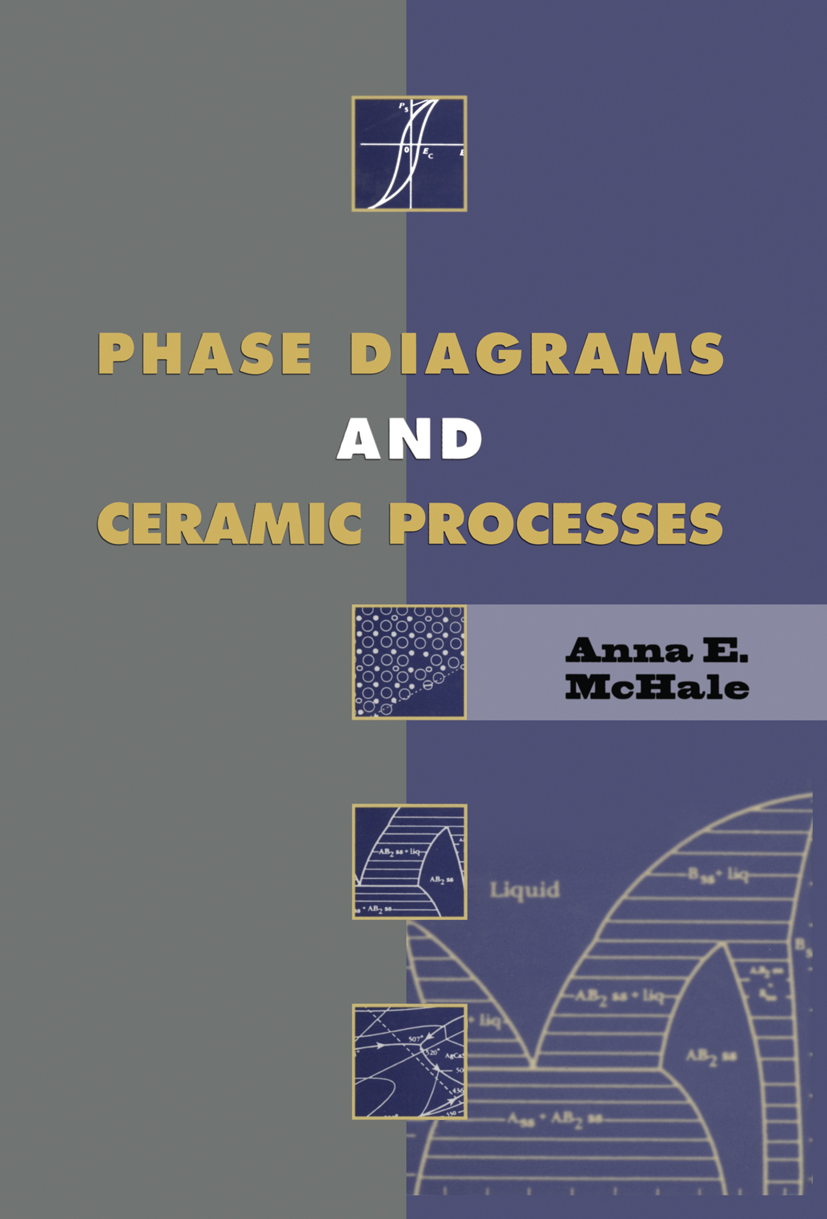
Phase diagrams and ceramic processes Ceramic products are fabricated from selected and consolidated raw materials through the application of thermal and mechanical energy. The complex connec tions between thermodynamics, chemical equilibria, fabrication processes, phase development, and ceramic properties define the undergraduate curriculum in Ceramic Science and Ceramic Engineering. Phase diagrams are usually introduced into the engineering curriculum during the study of physical chemistry, prior to specialization into ceramic engineering. This creates an artificial separation between consideration of the equilibrium description of the chemically heterogeneous system and the engineering and physical processes required for phase, microstructure, and property development in ceramic materials. Although convenient for instructional purposes, the separa tion of these topics limits the effective application of phase diagram information by the ceramic engineer in research and manufacturing problem solving. The nature of oxide phases, which define their useful engineering properties, are seldom linked to the stability of those phases which underlies their reliability as engineered products. Similarly, ceramic fabrication processes are seldom dis cussed within the context of the equilibrium or metastable phase diagram. In this text, phase diagrams are presented with a discussion of ceramics' properties and processing. Particular emphasis is placed on the nature of the oxides themselves-their structural and dielectric properties-which results in unique and stable product performance. Any set of systematic property measurements can be the basis for a phase diagram: every experiment is an experiment in the approach to phase eqUilibrium. TECHNOLOGY & ENGINEERING,Materials Science,Ceramics
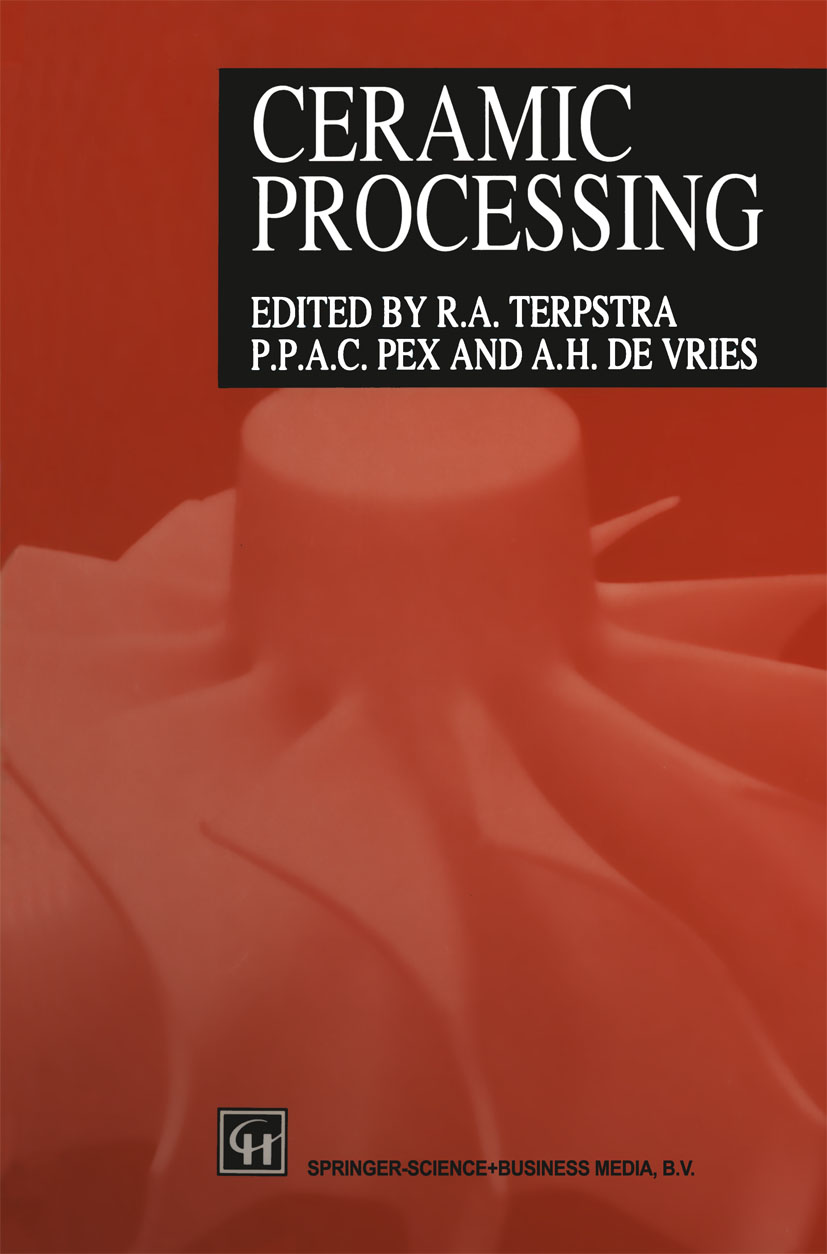
Ceramic Processing Ceramic Processing is the first comprehensive, stand alone, multi-authored book on advanced ceramic processing. It provides an overview of the important processing steps involved in the fabrication of advanced ceramics for structural and functional applications. TECHNOLOGY & ENGINEERING,Materials Science,Ceramics
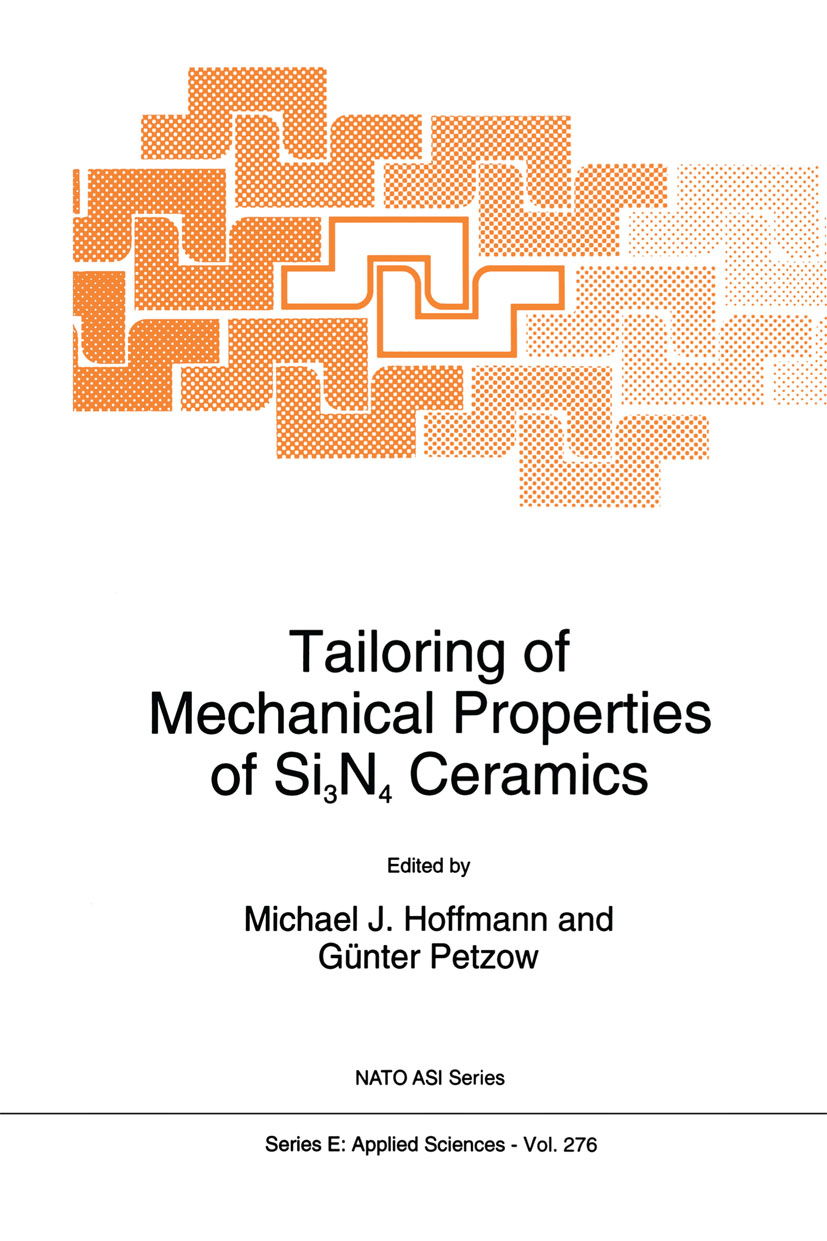
Tailoring of Mechanical Properties of Si3N4 Ceramics Proceedings of the NATO Advanced Research Workshop on `Tailoring of High Temperature Properties of Si3N4 Ceramics', Schloß Ringberg/Munich, Germany, October 6--9, 1993 TECHNOLOGY & ENGINEERING,Materials Science,Ceramics

Ceramic Matrix Composites Materials science and engineering (MS&E) is by its very nature an inter disciplinary activity. Researchers from a wide variety of disciplines, metal lurgy, ceramics, physics, chemistry, mechanics, electrical and electronic engineering, etc. can and do participate in the MS&E activities. The need and desirability of such an interdisciplinary effort is understandable inas much as advanced or high-performance materials are critical for any of the modern industries. It is almost a given axiom that progress in any field (energy, building materials, transportation, electronics, aerospace, electric power, consumer products, etc.) depends on the availability of suitable In this regard, let me quote from materials having specific characteristics. another work of mine: It is a truism that technological development depends on advances in the field of materials. One does not have to be an expert to realize that a most advanced turbine or aircraft design is of no use if adequate materials to bear the service loads and conditions are not available. Whatever the field may be, the final limitation on advancement depends on materials [1]. It is pertinent to quote from some other sources about a fundamental change that is occurring in the materials field: A fundamental reversal in the relationship between human beings and materials [has occurred]. Its economic consequences are likely to be profound. Historically humans have adapted such natural materials as stone, wood, clay, vegetable fiber and animal tissue to economic uses. TECHNOLOGY & ENGINEERING,Materials Science,Ceramics
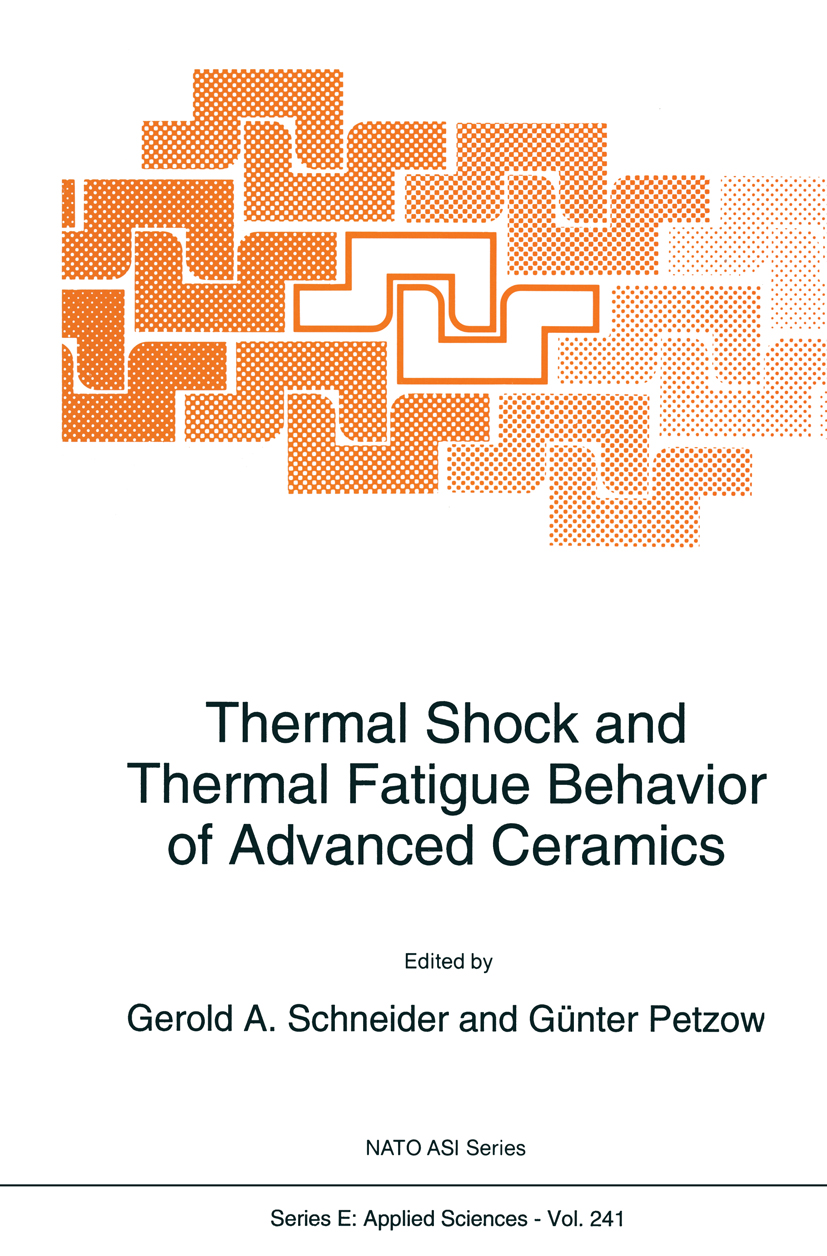
Thermal Shock and Thermal Fatigue Behavior of Advanced Ceramics Proceedings of the NATO Advanced Research Workshop, Schloss Ringberg/Munich, Germany, November 8-13, 1992 TECHNOLOGY & ENGINEERING,Materials Science,Ceramics
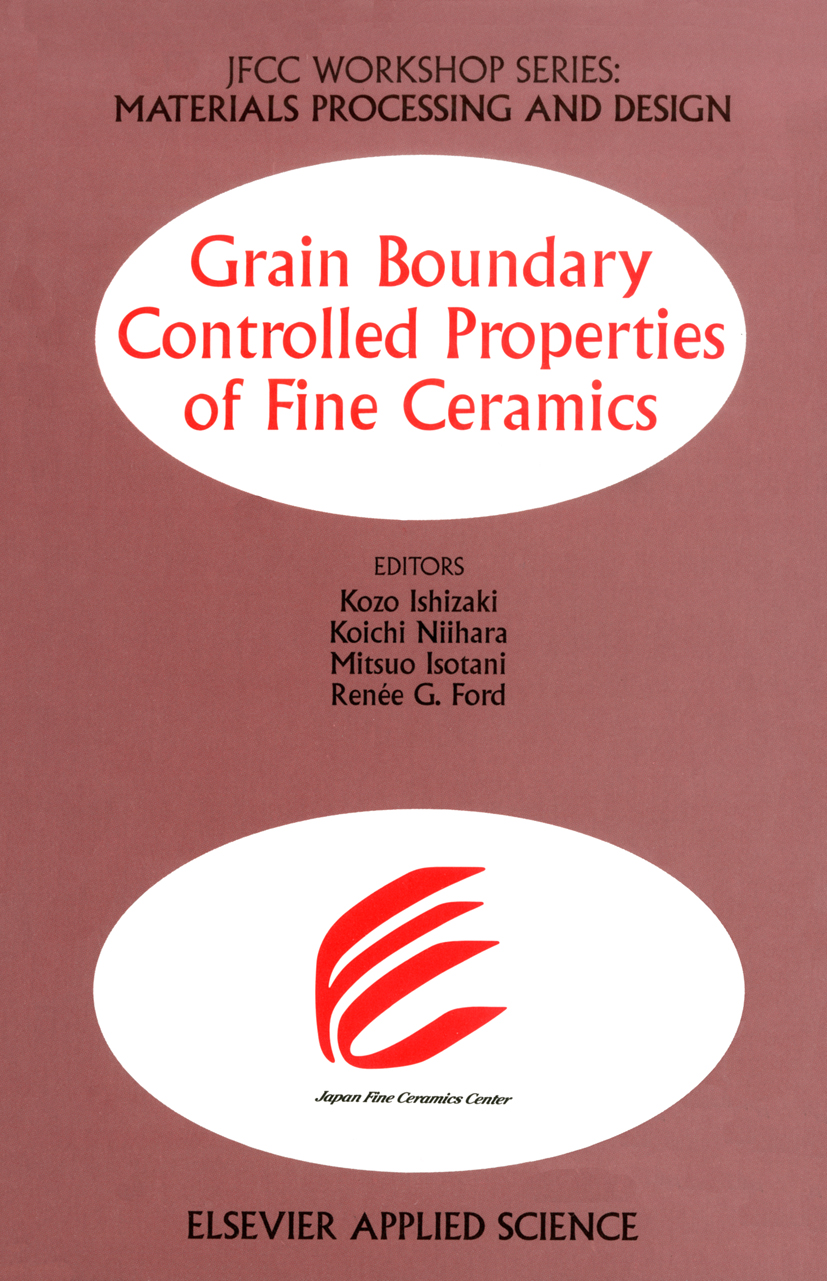
Grain Boundary Controlled Properties of Fine Ceramics Selected papers presented at the International Workshop on Fine Ceramics 92, Materials Processing and Design through Better Control of Grain Boundaries: Emphasizing Fine Ceramics, held in Nagoya, Japan, 12-13 March 1992. TECHNOLOGY & ENGINEERING,Materials Science,Ceramics
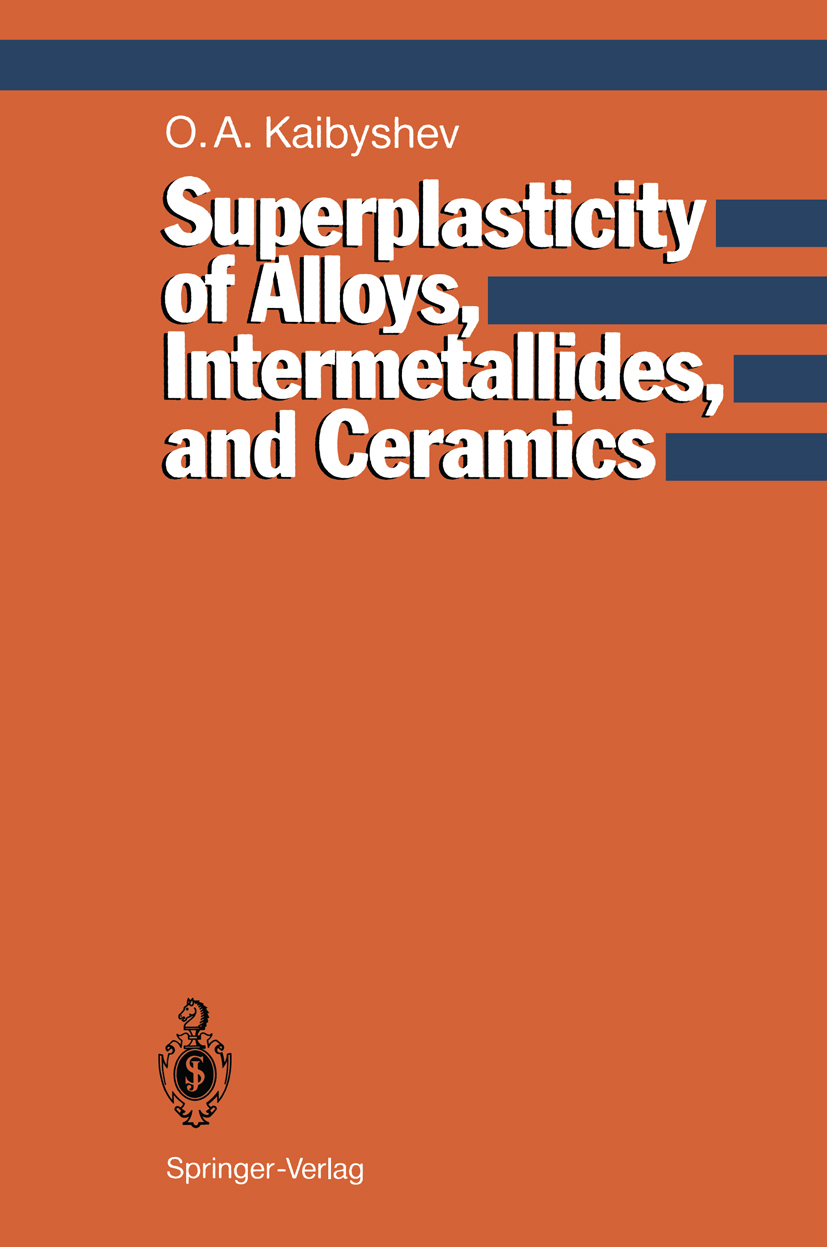
Superplasticity of Alloys, Intermetallides and Ceramics Superplasticity is shown to be a universal phenomenon inmaterials ranging from metals and intermetallics toceramics. Superplastic deformation facilitates theproduction of materials with specifically chosen properties.This is illustrated using the examples of Mg-, Al-, andTi-based commercial alloys, steels, and superalloys.Some of the strenghts of this book are: the broad range ofmaterials studied, the reduction of scientific results to aform suitable for the practitioner, a profound physicalanalysis of the phenomenon, a new approach to superplastictreatment as a kind of strain-heat treatment, thepresentation of new data on superplastic flow and onproduction techniques of micro- and submicrocrystallinestructures. TECHNOLOGY & ENGINEERING,Materials Science,Ceramics
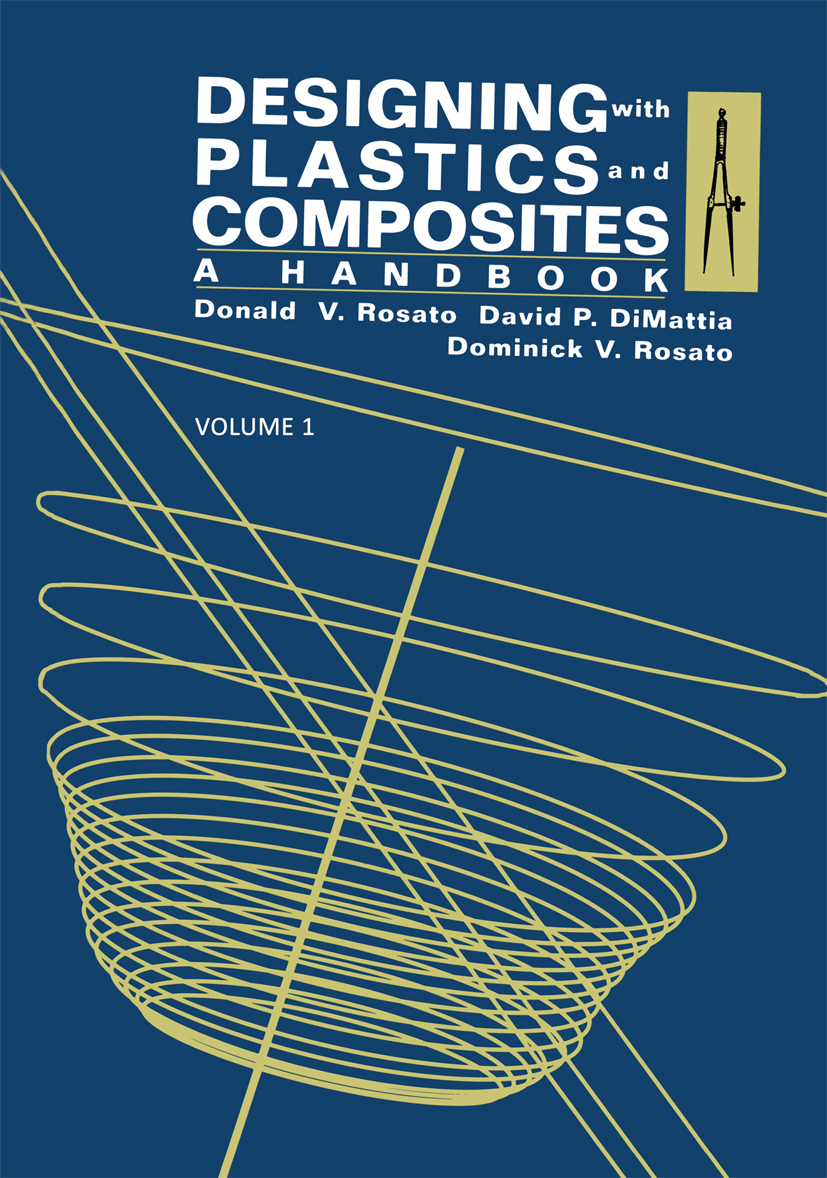
Designing with Plastics and Composites For some time there has been a strong need in the plastic and related industries for a detailed, practical book on designing with plastics and composites (reinforced plastics). This one-source book meets this criterion by clearly explaining all aspects of designing with plastics, as can be seen from the Table of Contents and Index. It provides information on what is ahead as well as today's technology. It explains how to interrelate the process of meeting design performance requirements with that of selecting the proper plastic and manufacturing process to make a product at the lowest cost. This book has been prepared with an awareness that its usefulness will depend greatly upon its simplicity. The overall guiding premise has therefore been to provide all essential information. Each chapter is organized to best present a methodology for designing with plastics and composites. of industrial designers, whether in engineering This book will prove useful to all types or involved in products, molds, dies or equipment, and to people in new-product ventures, research and development, marketing, purchasing, and management who are involved with such different products as appliances, the building industry, autos, boats, electronics, furniture, medical, recreation, space vehicles, and others. In this handbook the basic essentials of the properties and processing behaviors of plastics are presented in a single source intended to be one the user will want to keep within easy reach. TECHNOLOGY & ENGINEERING,Materials Science,Ceramics
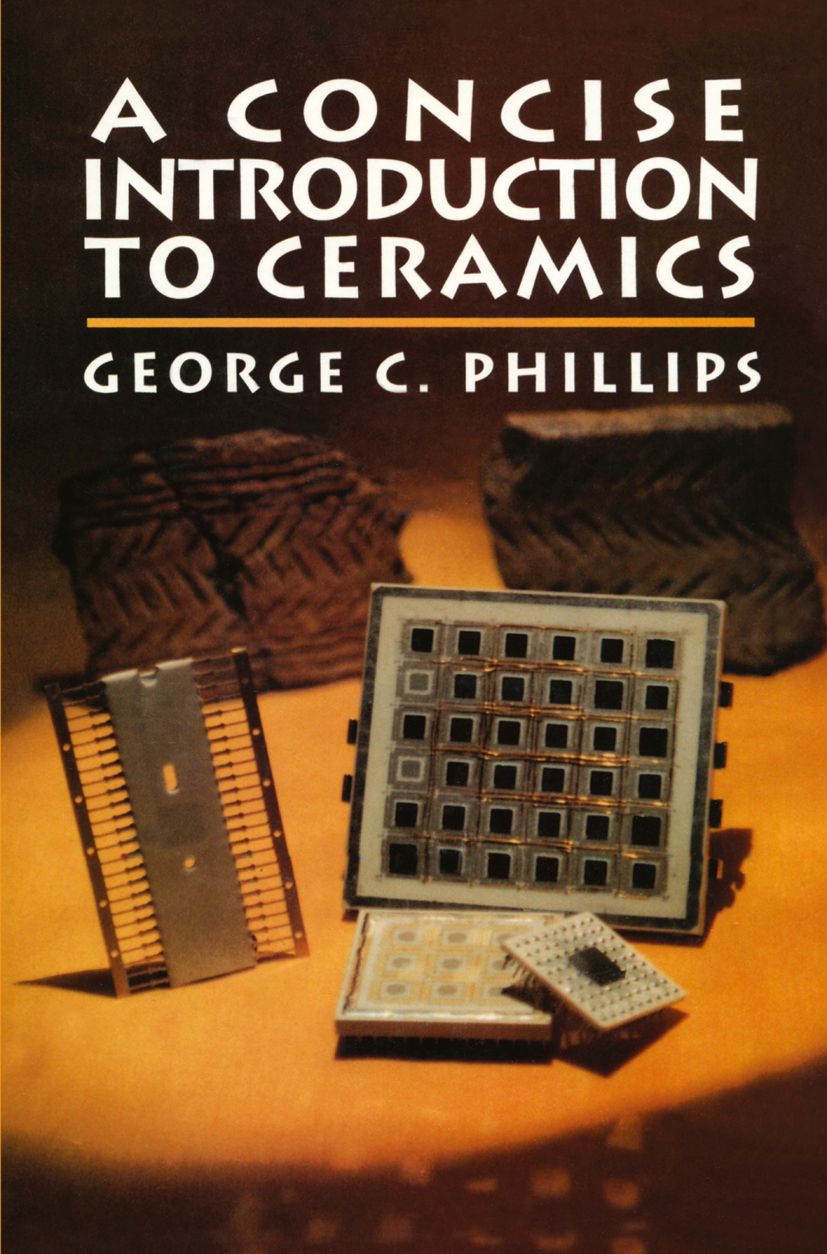
A Concise Introduction to Ceramics to Cera1l1ics by George C. Phillips ~ V AN NOSTRAND REINHOLD ~ ~ ____ New York Copyright ('> 1991 by Van Nostrand Reinhold Softcover reprint of the hardcover 1 st edition 1991 Library of COnRreSS Catalog Card Number 91·19587 ISBN·13: 978·94·011--6975·2 All rights eserve r d. No part of this work covered by the copyright hereon may be rcproduccd or uscd in any form or by any means-graphic. electronic. or meehaniclli. including photocopying. recording. taping. or information storage and retrieval systems-without written permission of the publisher. Manufactured in the United States of America Published by Van Nostrand Reinhold 115 Fifth Avenue New York. New York 10003 Chapman and Ha ll 2-6 Boundary Row London. SEI SHN. England Thomas Nelson Australia 102 Dodds Street South Melbourne 3205 Victoria. Australia Nelson Canada 1120 Birchmounl Road Scarborough. Ontario M IK 5G4. Canada 16 15 14 13 12 II 10 9 8 7 6 5 4 3 2 Library or Congress Cataloging-in· Publication Data Phillips. George C .. 1937- A concise inlrodu!;tion to ceramics/by George C. Phillips. p. cm. Includes bibliographical referen!;es and index. ISBN-13: 978-94-011--6975-2 e-ISBN-13: 978-94-011--6973-8 001:10: 1007/978-94-011--6973-8 I. Cerami!;s. L Tille. TECHNOLOGY & ENGINEERING,Materials Science,Ceramics
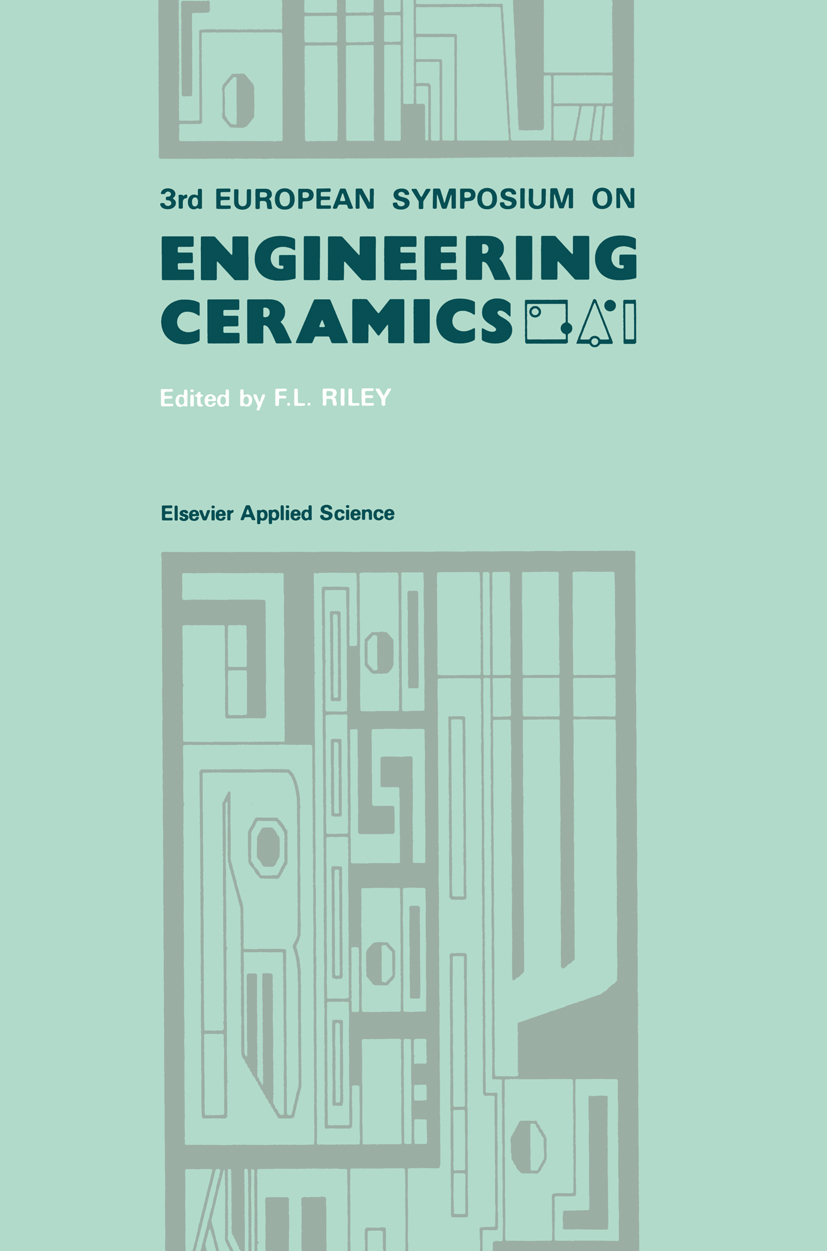
3rd European Symposium on Engineering Ceramics This volume is the proceedings of the 3rd European Symposium on Engineering Ceramics, held in London, 28-29 November 1989, under the auspices of IBC Technical Services Ltd. The Symposium sessions were chaired by Eric Briscoe, who also introduced the Symposium with the very appropriate review 'Ceramics in Europe'. The term 'engineering ceramics' is commonly taken to mean a group of special high-strength and heat-resistant ceramic materials developed almost exclusively for the advanced internal combustion engine of the next century. It is not always fully appreciated that high grade fine microstructure ceramics both of the oxide and of the non-oxide classes, whether they be termed engineering, fine, special, advanced, structural or technical, have been supporting a large number of diverse and profitable industries over many decades. Indeed, in some respects these materials can be regarded as natural developments from the long established refractories field, and the distinction between an engineering ceramic and a refractory can become blurred, as the contribution in this volume on 'Nitride Bonded Carbide Engineered Ceramics' shows. It is of significance that in Japan, for example, much development work in the engineering ceramics field was initiated by the refractories industries, seeking to diversify possibly but doing so on the basis oflong experience in the refractories area. The main objective of this Symposium was to help engineers and designers to assess the present state of the field of engineering ceramics. TECHNOLOGY & ENGINEERING,Materials Science,Ceramics

Silicon Carbide Ceramics—1 Discovered by Edward G. Acheson about 1890, silicon carbide is one of the oldest materials and also a new material. It occurs naturally in meteorites, but in very small amounts and is not in a useable state as an industrial material. For industrial require ments, large amounts of silicon carbide must be synthesized by solid state reactions at high temperatures. Silicon carbide has been used for grinding and as an abrasive material since its discovery. During World War II, silicon carbide was used as a heating element; however, it was difficult to obtain high density sintered silicon carbide bodies. In 1974, S. Prochazka reported that the addition of small amounts of boron compounds and carbide were effective in the sintering process to obtain high density. It was then possible to produce high density sintered bodies by pressureless sintering methods in ordinary atmosphere. Since this development, silicon carbide has received great attention as one of the high temperature structural ceramic materials. Since the 1970s, many research papers have appeared which report studies of silicon carbide and silicon nitride for structural ceramics. TECHNOLOGY & ENGINEERING,Materials Science,Ceramics
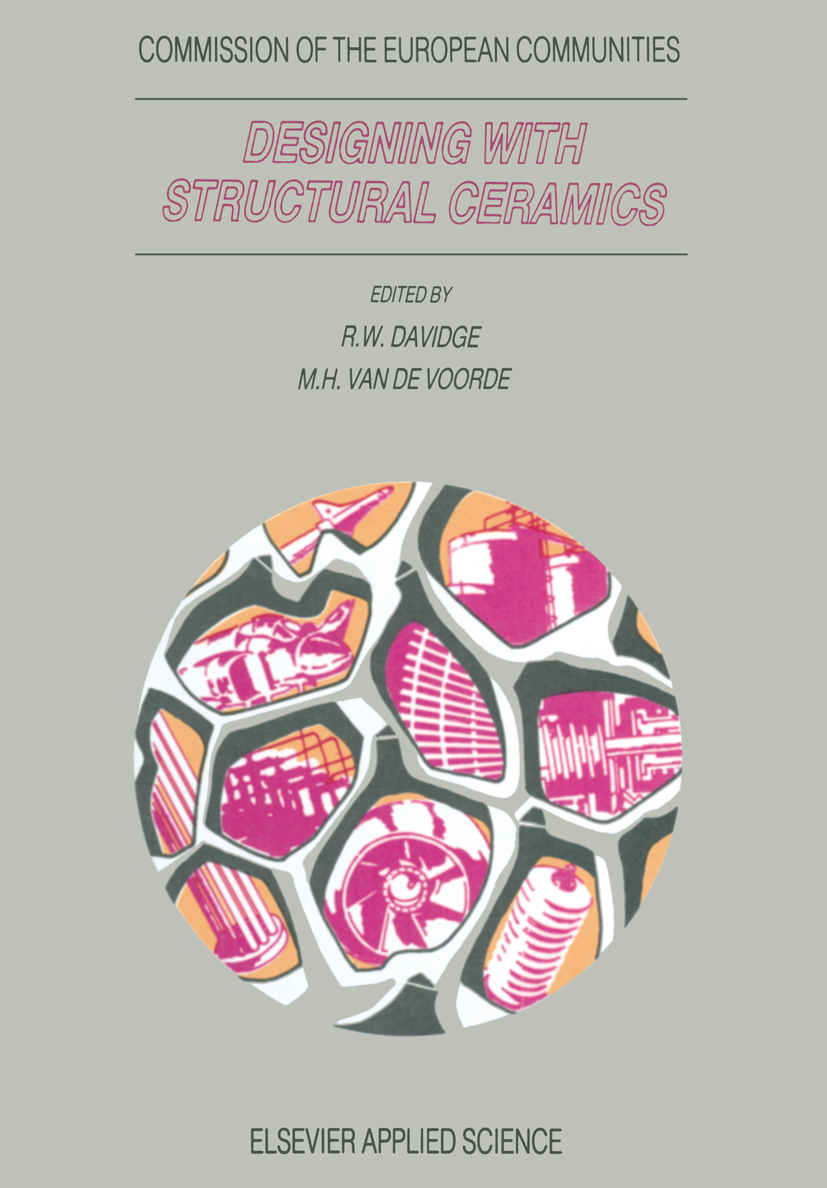
Designing with Structural Ceramics The last 30 years have seen a steady development in the range of ceramic materials with potential for high temperature engineering applications: in the 60s, self-bonded silicon carbide and reaction-bonded silicon nitride; in the 70s, improved aluminas, sintered silicon carbide and silicon nitrides (including sialons); in the 80s, various toughened Zr0 materials, ceramic matrix composites reinforced with silicon 2 carbide continuous fibres or whiskers. Design methodologies were evolved in the 70s, incorporating the principles of fracture mechanics and the statistical variation and time dependence of strength. These have been used successfully to predict the engineering behaviour of ceramics in the lower range of temperature. In spite of the above, and the underlying thermodynamic arguments for operations at higher temperatures, there has been a disappointing uptake of these materials in industry for high temperature usc. Most of the successful applications are for low to moderate temperatures such as seals and bearings, and metal cutting and shaping. The reasons have been very well documented and include: • Poor predictability and reliability at high temperature. • High costs relative to competing materials. • Variable reproducibility of manufacturing processes. • Lack of sufficiently sensitive non-destructive techniques. With this as background, a Europhysics Industrial Workshop sponsored by the European Physical Society (EPS) was organised by the Netherlands Energy Research Foundation (ECN) and the Institute for Advanced Materials of the Joint Research Centre (JRC) of the EC, at Petten, North Holland, in April 1990 to consider the status of thermomechanical applications of engineering ceramics. TECHNOLOGY & ENGINEERING,Materials Science,Ceramics

Advanced Ceramics III This volume is one in a series which attempts to bring together comprehensive articles on recent advances in ceramics. The volume is dedicated to Professor Shigeyuki Somiya on the occasion of his retirement from the Tokyo Institute of Technology; and it is a most fitting tribute. Professor Somiya has been one of the earliest and most persistent and versatile champions of research in ceramic materials in Japan. He has served this cause extraordinarily well by mixing two strategies. First, by making bridges to the entire international community of ceramic researchers in the US and Europe. Thereby, he kept a window for all of Japanese ceramic science on world class research in the field. It was largely through his efforts that the series of US-Japan International Cooperation Sessions in Ceram ics were started. I was honored to be US chairman of the first such in 1969. At Penn State we are delighted to claim Professor Somiya as an honorary alumnus. The high regard in which he is held is shown by the many of his colleagues from the University who have chosen to come over for this conference. He was also recognized with a Penn State MRL Bridge-Building award in 1988 to reflect his pioneering in establishing the two-way exchange with Japan. TECHNOLOGY & ENGINEERING,Materials Science,Ceramics

Predictive Process Control of Crowded Particulate Suspensions Wisdom is the principal thing; therefore get wisdom; and with all thy getting, get understanding. Proverbs 4:7 In the early chapters of the book of Proverbs there is a strong emphasis on three words: knowledge, understanding, and wisdom. Perhaps we can apply these words to our philosophy behind the technology of Predictive Process Control. Knowledge is the accumulation of information provided by education as we begin to store the data in our brains that should prepare us for the challenges of the manufacturing environment. It applies to every level and every opportunity of education, formal and informal. This is simply to Know, without any requirement except a good memory, and is the basis for the following two thoughts. Understanding is the assimilation of knowledge, or the thinking process, as we begin to arrange and rearrange the data we Know for quick recall as it may be needed. This also applies to every level and opportunity of education. It is Know-Why based upon what we Know, and it requires some scepticism of oversimplified answers and a hunger for mental consistency. Wisdom is the application of both knowledge and understanding in real life enterprises. As we apply both our knowledge and understanding in those situations, all three are further enhanced by each progressive experience. This is that wonderful Know-How - to apply our education based upon Know-why, which was based upon Knowledge - which provides the confidence we need to advance in all phases of performance. TECHNOLOGY & ENGINEERING,Materials Science,Ceramics

Ceramic Powder Preparation 3. 1 Techniques of Comminution 35 3. 2 Solid-Solid Reactions 42 3. 2. 1 Mixing and Calcination 42 3. 2. 2 Modem Techniques 45 3. 3 Solution Techniques 46 3. 3. 1 Precipitation and Co-precipitation 46 Forced Hydrolysis 3. 3. 2 49 3. 3. 3 Hydrotbennal Synthesis 51 The Sol-Gel Process 3. 3. 4 53 3. 3. 5 Hydrolysis of Metal-Organics 56 The Emulsion Process 3. 3. 6 56 Solvent Vaporization 3. 4 59 3. 4. 1 Simple Evaporation 59 3. 4. 2 Spray Drying 60 3. 4. 3 Spray Pyrolysis 64 3. 4. 4 Freeze Drying 66 3. 5 Vapour-Phase Techniques 68 3. 5. 1 Vaporization-Condensation 68 3. 5. 2 Vapour-Vapour Reaction 68 3. 5. 3 Vapour-Liquid Reaction 70 3. 5. 4 Vapour-Solid Reaction 71 3. 6 Precursor Decomposition 72 3. 6. 1 Salt Decomposition 72 3. 6. 2 Polymer Pyrolysis 73 4. Synthetic Powders : Options in Preparation 75 4. 0 Introduction 75 4. 1 Single and Multiple Oxide Powders 75 4. 1. 1 Aluminium Oxide 75 4. 1. 2 Zirconium Oxide 85 4. 1. 3 Titanium Oxide 96 4. 1. 4 Magnesium Oxide 99 4. 1. 5 Silicon Dioxide 101 4. 1. 6 Rare Earth Oxides 105 Yttrium Oxide 105 Cerium Oxide 106 4. 1. 7 Zinc Oxide 107 [vi] 4. 1. 8 Mullite 110 4. 1. 9 Magnesium Aluminate Spinel 114 4. 1. TECHNOLOGY & ENGINEERING,Materials Science,Ceramics
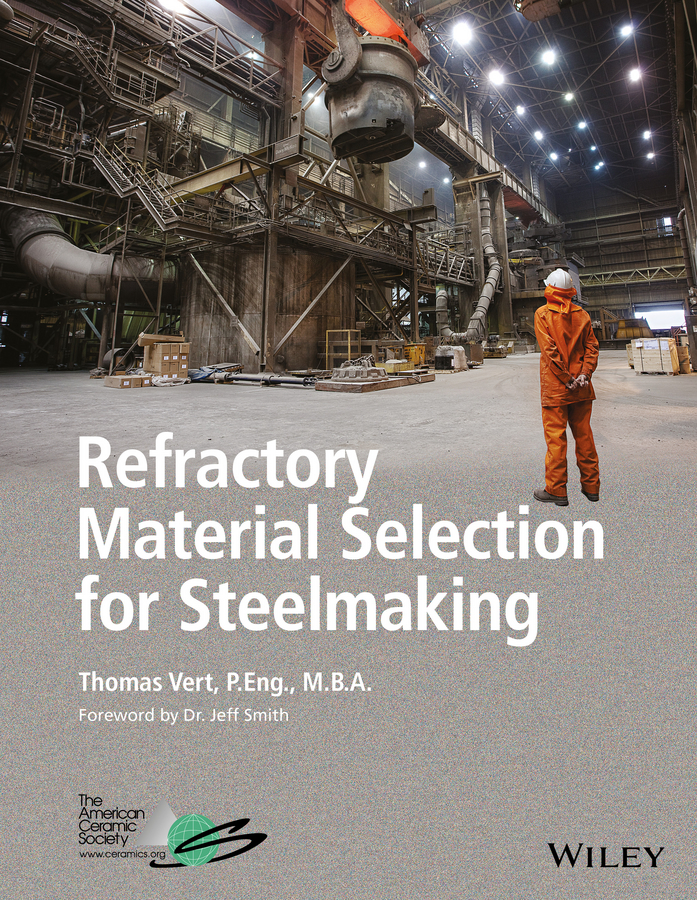
Refractory Material Selection for Steelmaking The first book since 1974 written by a steelmaking end user and refractory engineer Why do you pick the refractory you do? How do you choose? Where do you start the selection process? The answers to these questions must always take into account the balance of competing interests among operations, purchasing, and the suppliers. Refractory Material Selection forSteelmaking is the ultimate guide to finding ideal answers to these questions. By following the step-by-step instructions—paired with detailed explanations and full-color diagrams—readers will be able to critically select the materials that are most appropriate for them. This book considers: The goals of refractory selection What causes refractories to wear out The properties of refractories and their raw materials Specific refractory applications Key strategies used to procure refractories Tom Vert's 25 years of experience in steelmaking combined with a ceramic engineering background provide comprehensive information that will benefit anyone working with refractories in steelmaking or any other industry. TECHNOLOGY & ENGINEERING,Materials Science,Ceramics

Salt Damage in Ceramic Brick Masonry This book discusses the effects of soluble mineral salts on ceramic brick masonry walls in Petrolina, a city in Pernambuco, Brazil, located 780 km from the ocean. To shed light on this phenomenon, the authors mapped the pathologies originating from the effects of soluble mineral salts and installed wells to monitor the underground water supply at five locations in the city where the phenomenon most frequently occurs. Further, they analyzed samples of soil, groundwater, and bricks affected by the phenomenon and measured levels of chloride in the atmosphere at these sites. The results obtained indicate that the pathological manifestations are influenced by the high levels of soluble salts observed in the soil and groundwater samples collected, and are not affected by chloride in the atmosphere. TECHNOLOGY & ENGINEERING,Materials Science,Ceramics
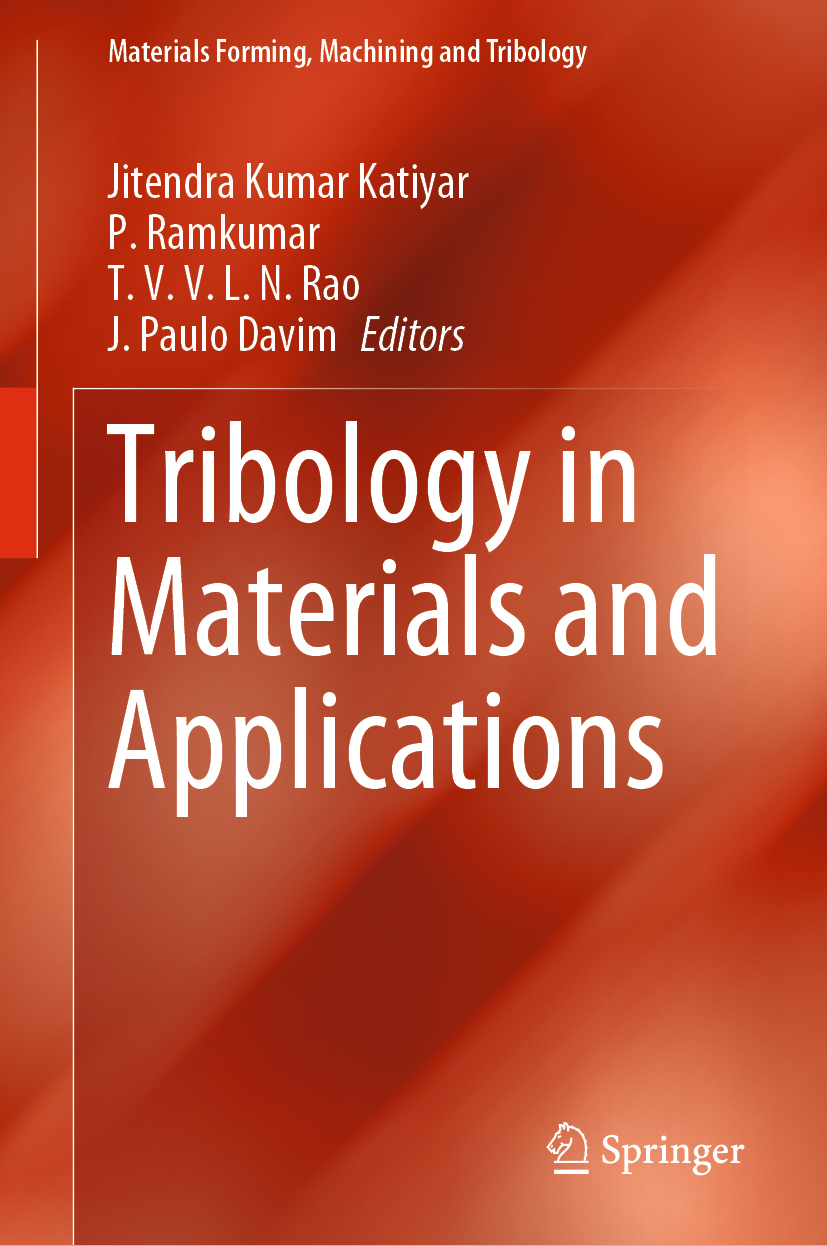
Tribology in Materials and Applications This book broadens the knowledge of tribology. This book is evolved out of current research trends on tribological performance of systems related to nano tribology, rheology, engines, polymer brushes, composite materials, erosive wear and lubrication. The book deals with enhancing the ideas on tribological properties, the different types of wear phenomenon and lubrication enhancement. Further, the tribological performance of systems, whether nano, micro or macro-scale, depends upon a large number of external parameters and important among them are temperature, contact pressure and relative speed. Thus, the book focus on the theoretical aspects to industrial applications of tribology. TECHNOLOGY & ENGINEERING,Materials Science,Ceramics
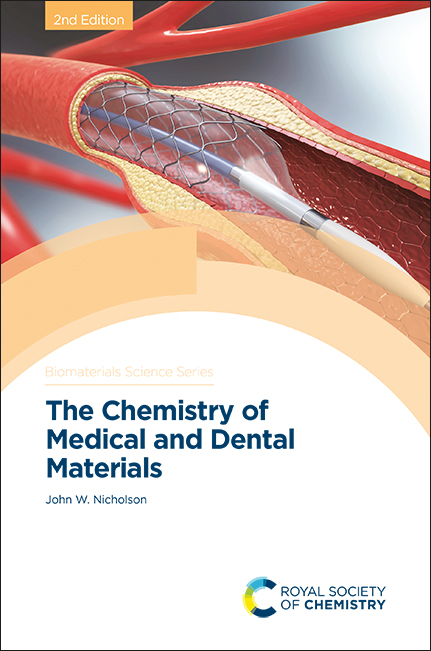
The Chemistry of Medical and Dental Materials The Chemistry of Medical and Dental Materials examines the properties and interactions of these materials within the body at a molecular level, with accounts of the surgical procedures used, as well as extensive coverage of the possible biological reactions to the presence of foreign materials in the body. TECHNOLOGY & ENGINEERING,Materials Science,Ceramics

Introduction to Refractories for Iron- and Steelmaking This book promotes understanding of the raw material selection, refractory design, tailor-made refractory developments, refractory properties, and methods of application. It provides a complete analysis of modern iron and steel refractories. It describes the daily demands on modern refractories and describes how these needs can be addressed or improved upon to help achieve the cleanest and largest yields of iron and steel. The text contains end-of-chapter summaries to help reinforce difficult concepts. It also includes problems at the end of chapters to confirm the reader's understanding of topics such as hoop stress modeling in steel ladle and vessels, establishment of thermal gradient modeling , refractory corrosion dynamics, calculation of Blast furnace trough dimension based on thermal modeling, to name a few. Led by editors with backgrounds in both academia and industry, this book can be used in college courses, as a reference for industry professionals, and as an introduction to the technology for those making the transition to industry. Stands as a comprehensive introduction to the science and technology of modern steel and iron-making refractories that examines the processes, construction, and potential improvement of refractory performance and sustainability; Serves as a versatile resource appropriate for all levels, from the student to industry novices to professionals; Reinforces difficult-to-grasp concepts with end-of-chapter summaries; Maximizes reader understanding of key topics, such as refractory selection for steel ladle and vessels, and their corrosion dynamics, with real life problems. TECHNOLOGY & ENGINEERING,Materials Science,Ceramics
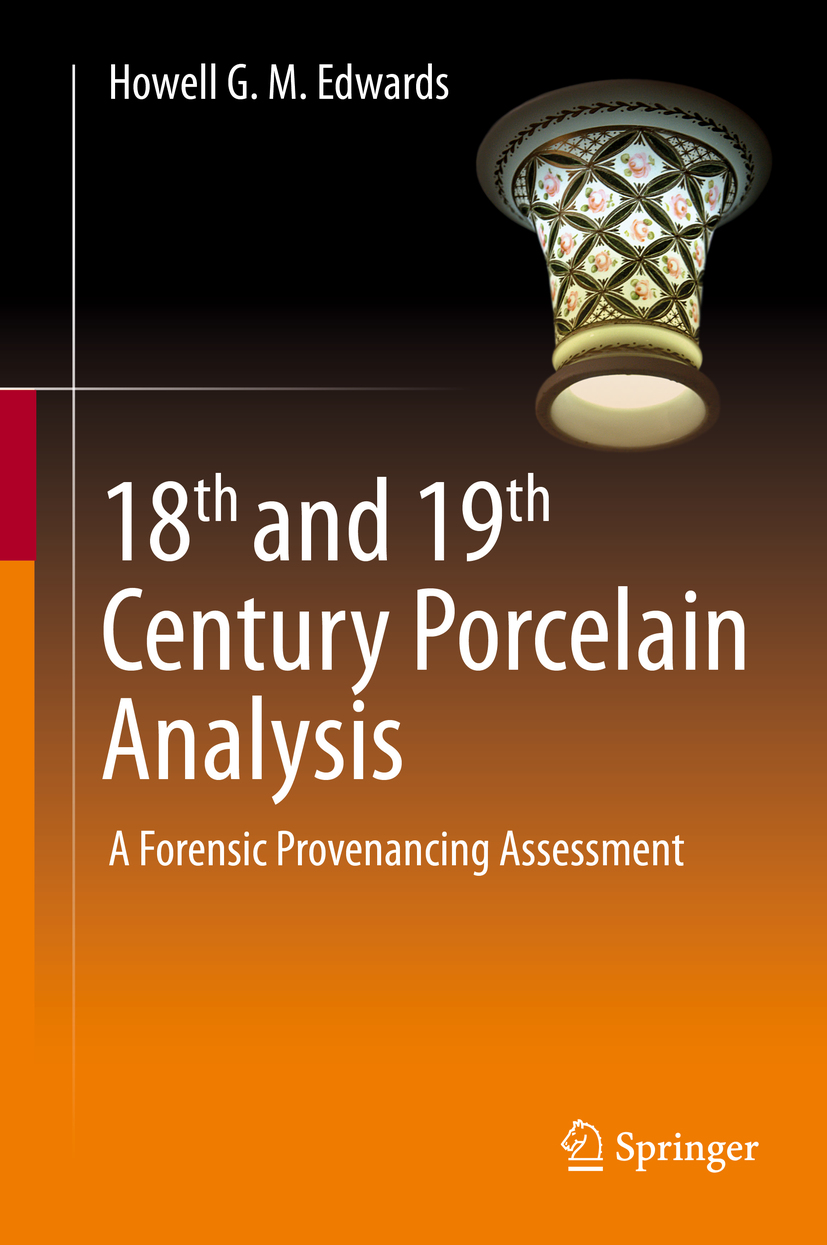
18th and 19th Century Porcelain Analysis This book addresses the contributions made by analytical chemistry to the characterisation of 18th and early 19th Century English and Welsh porcelains commencing with the earliest reports of Sir Arthur Church and of Herbert Eccles and Bernard Rackham using chemical digestion techniques and concluding with the most recent instrumental experiments, which together span more than a hundred years of study. From the earliest experiments which required necessarily the sacrifice of significant portions of each specimen, which may already have been damaged , to the latest experiments which needed only microsampling or the non-destructive interrogation of valuable perfect specimens a comprehensive survey is undertaken of more than twenty manufactories of quality porcelains. The correlation is made between the quantitative elemental oxide determinations of the scanning electron microscopic diffraction and Xray fluorescence data and the qualitative molecular spectroscopic Raman data to demonstrate their complementarity and use in the holistic forensic assessment of the origin of the fired procelains ; this will form the groundwork for the adoption of analytical techniques for the attribution of unknown or questionable procelains to their potential source factories . The book will also examine the perception of what constitutes a porcelain and its definitions and examines the assignment of porcelains to types which currently employs the definitions of hard paste , soft paste , hybrid , magnesian and bone china from the conclusions derived from the analytical data and a consideration of the raw materials employed in their manufacturing processes. During the discussion of this analytical evidence several themes and protocols have been established for its utilisation in the potential identification of porcelains and several case studies undertaken for this purpose are cited. The book will be of interest to analytical scientists , to museum ceramics curators and to ceramics historians. TECHNOLOGY & ENGINEERING,Materials Science,Ceramics

Electron Spectrum of Gapless Semiconductors Electron Spectrum of Gapless Semiconductors presents the peculiarities of physical properties of a comparatively new class of solids - gapless semiconductors (GS). These peculiarities are determined by the main feature of the elctron spectrum, namely the absence of a gap between the conduction and valence bands. GSs form a boundary between metals and semiconductors. On the other hand GSs are of practical interest since they are very sensitive to impurities, and to the influence of light, magnetic and electric fields, and pressure. TECHNOLOGY & ENGINEERING,Materials Science,Electronic Materials
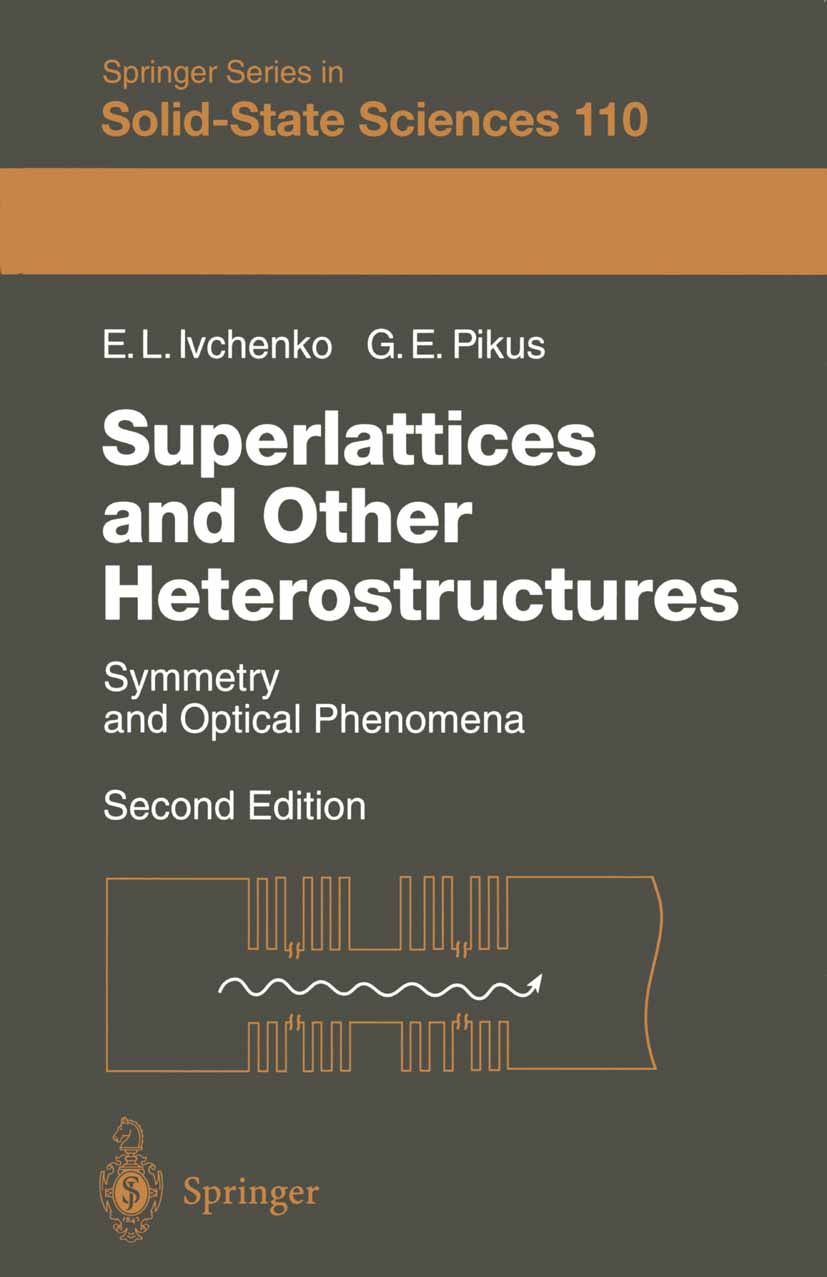
Superlattices and Other Heterostructures Superlattices and Other Heterostructures deals with optical properties of superlattices and quantum-well structures with emphasis on phenomena governed by crystal symmetries. After a brief introduction to group theory and symmetries, methods to calculate spectra of electrons, excitions and phonons in heterostructures are discussed. Further chapters cover absorption and reflection of light under interband transitions, cyclotron and electron spin-resoncance, light scattering by free and bound carriers and by optical and acoustic phonons, polarized photoluminescence, optical spin orientation of electrons and excitions, and nonlinear optical and photogalvanic effects. TECHNOLOGY & ENGINEERING,Materials Science,Electronic Materials
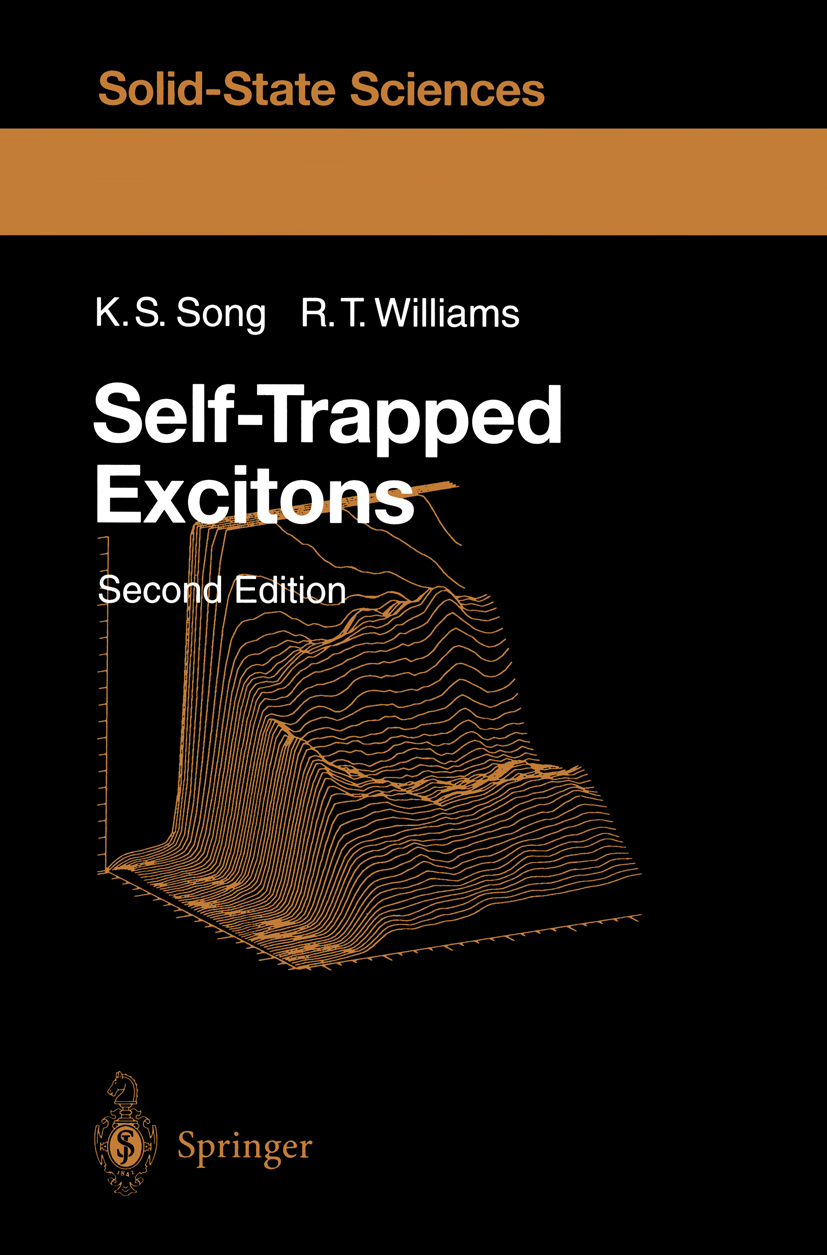
Self-Trapped Excitons Self-Trapped Excitons discusses the structure and evolution of the self-trapped exciton (STE) in a wide range of materials. It includes a comprehensive review of experiments and extensive tables of data. Emphasis is given throughout to the unity of the basic physics underlying various manifestations of self-trapping, with the theory being developed from a localized, atomistic perspective. The topics treated in detail in relation to STE relaxation include spontaneous symmetry breaking, lattice defect formation, radiation damage, and electronic sputtering. TECHNOLOGY & ENGINEERING,Materials Science,Electronic Materials
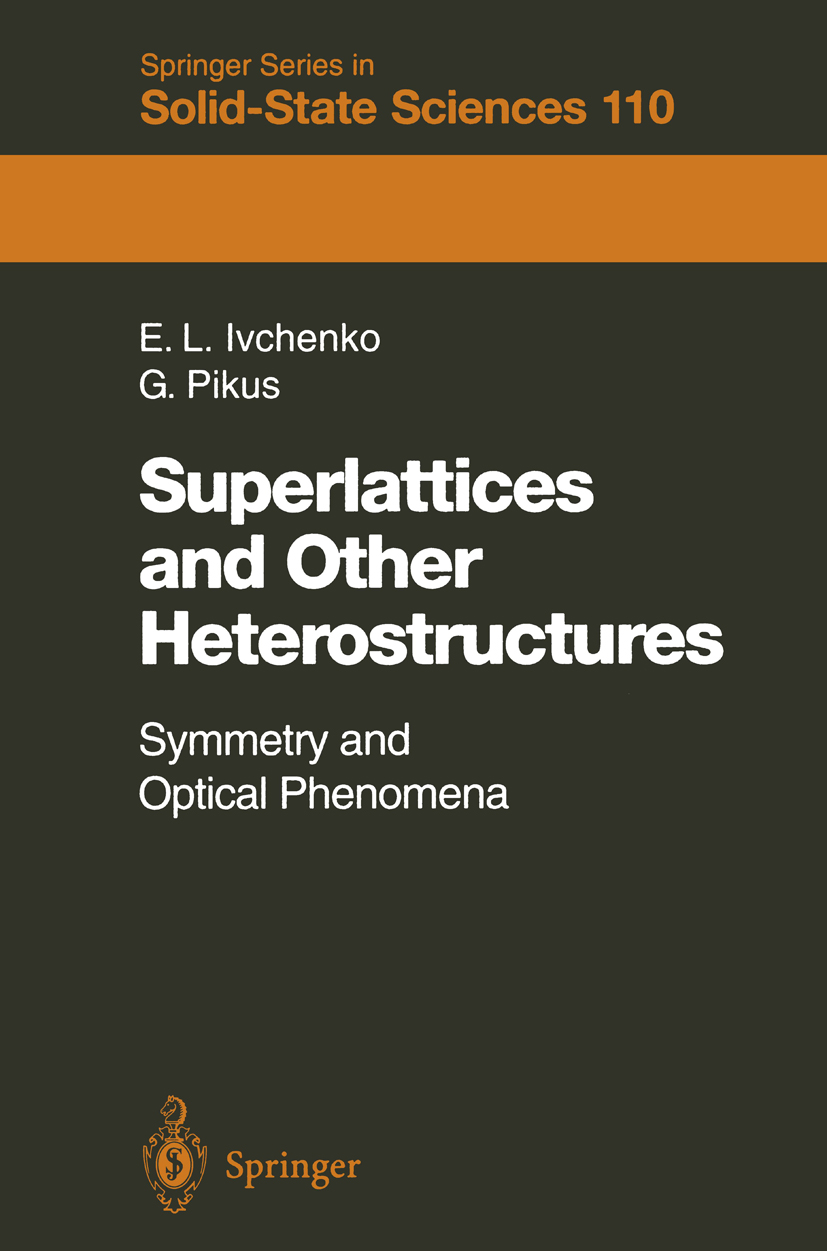
Superlattices and Other Heterostructures Superlattices and Other Heterostructures deals with the optical properties of superlattices and quantum well structures with emphasis on phenomena governed by crystal symmetries. After a brief introduction to group theory and symmetries, methods for calculating spectra of electrons, excitons, and phonons in heterostructures are discussed.Further chapters cover absorption and reflection of light under interband transitions, cyclotron and electron spin-resonance, light scattering by free and bound carriers as well as by optical and acoustic phonons, polarized photoluminescence, optical spin orientation of electrons and excitons, and nonlinear optical and photogalvanic effects. TECHNOLOGY & ENGINEERING,Materials Science,Electronic Materials
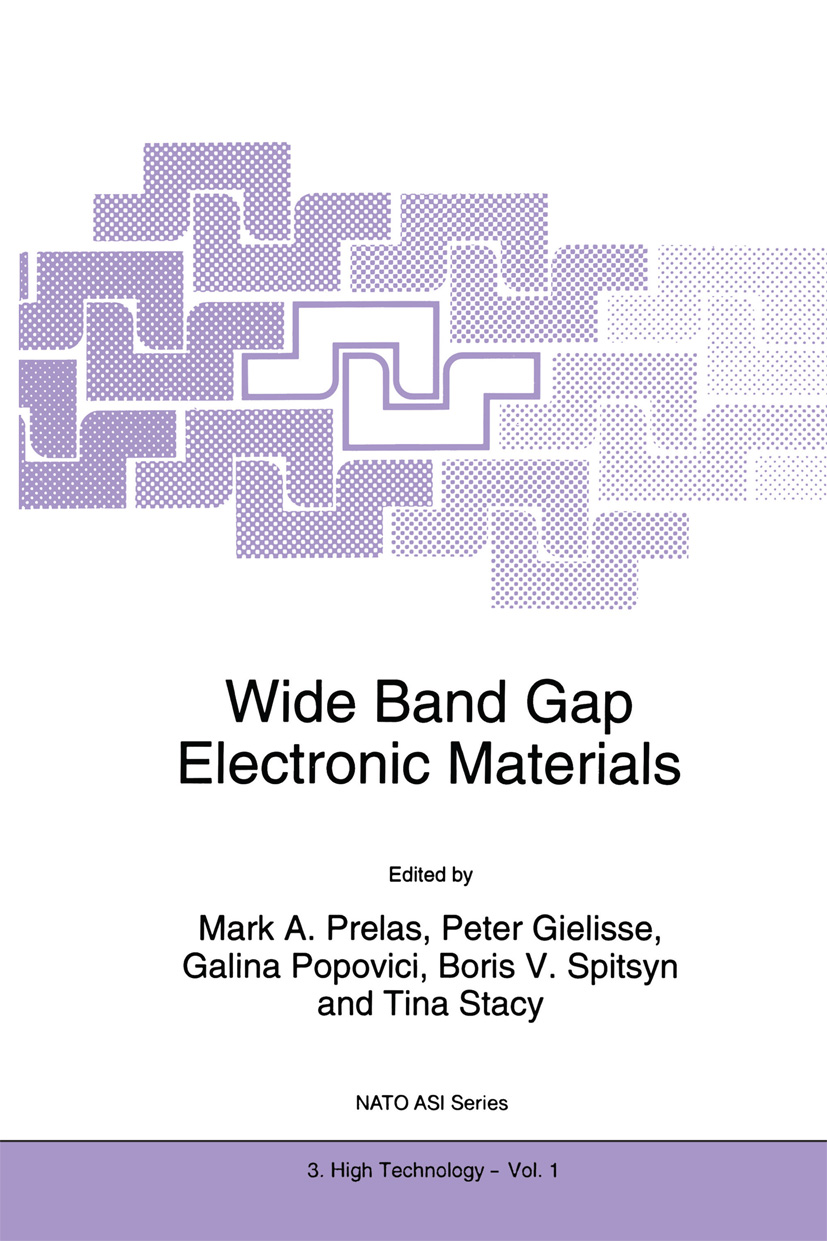
Wide Band Gap Electronic Materials Proceedings of the NATO Advanced Research Workshop on `Wide Band Gap Electronic Materials -- Diamond, Aluminum Nitride and Boron Nitride', Minsk, Belarus, May 4--6, 1994 TECHNOLOGY & ENGINEERING,Materials Science,Electronic Materials
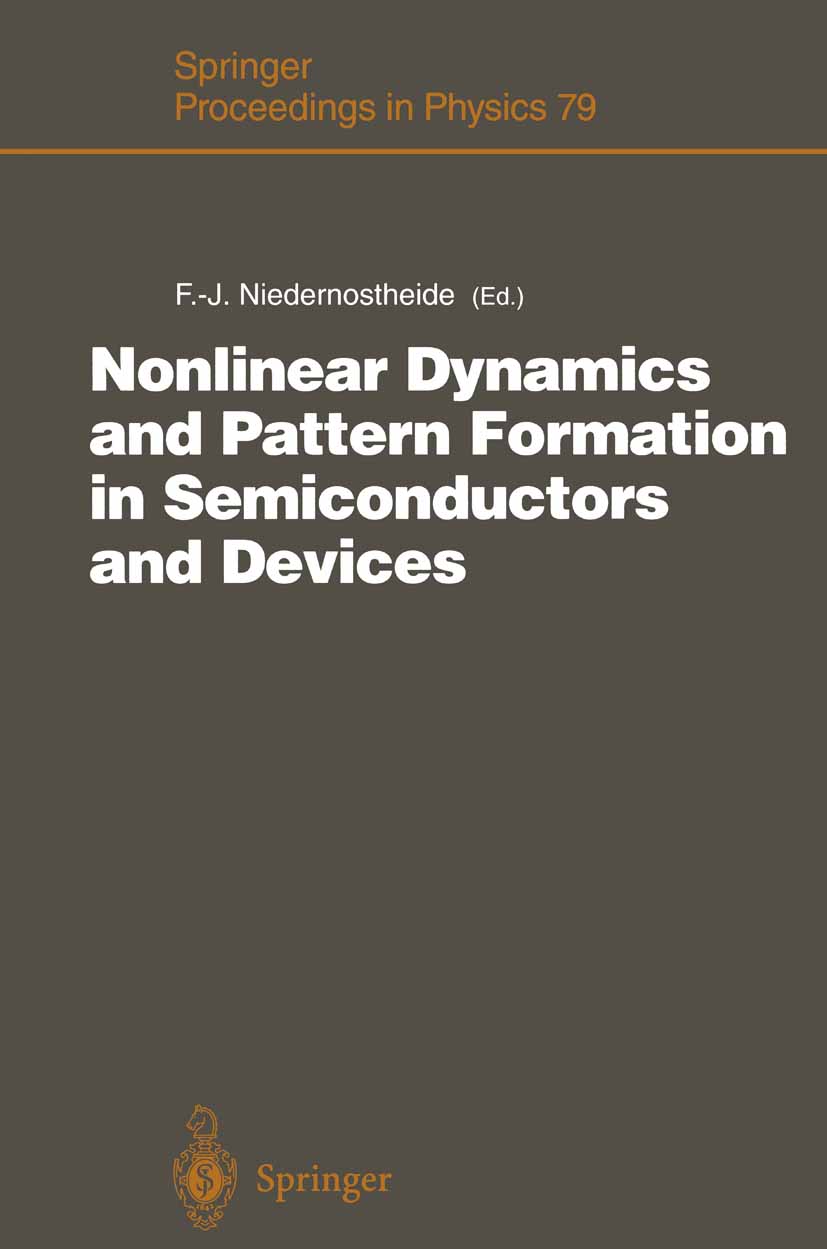
Nonlinear Dynamics and Pattern Formation in Semiconductors and Devices In Nonlinear Dynamics and Pattern Formation in Semiconductors and Devices the contributions of the International Conference on Nonlinear Dynamics and Pattern Formation in the Natural Environment (ICPF '94) in Noordwijkerhout, held by many internationally reknown experts, are compiled. To connect the field of semiconductor physics with the theory of nonequilibrium dissipative systems, the emphasis lies on the study of localized structures, their stability and bifurcation behaviour. A point of special interest is the evolution of dynamic structures and the investigation of more complex structures arising from interactions between these structures. Possible applications of nonlinear effects and self-organization phenomena with respect to signal processing are discussed. TECHNOLOGY & ENGINEERING,Materials Science,Electronic Materials
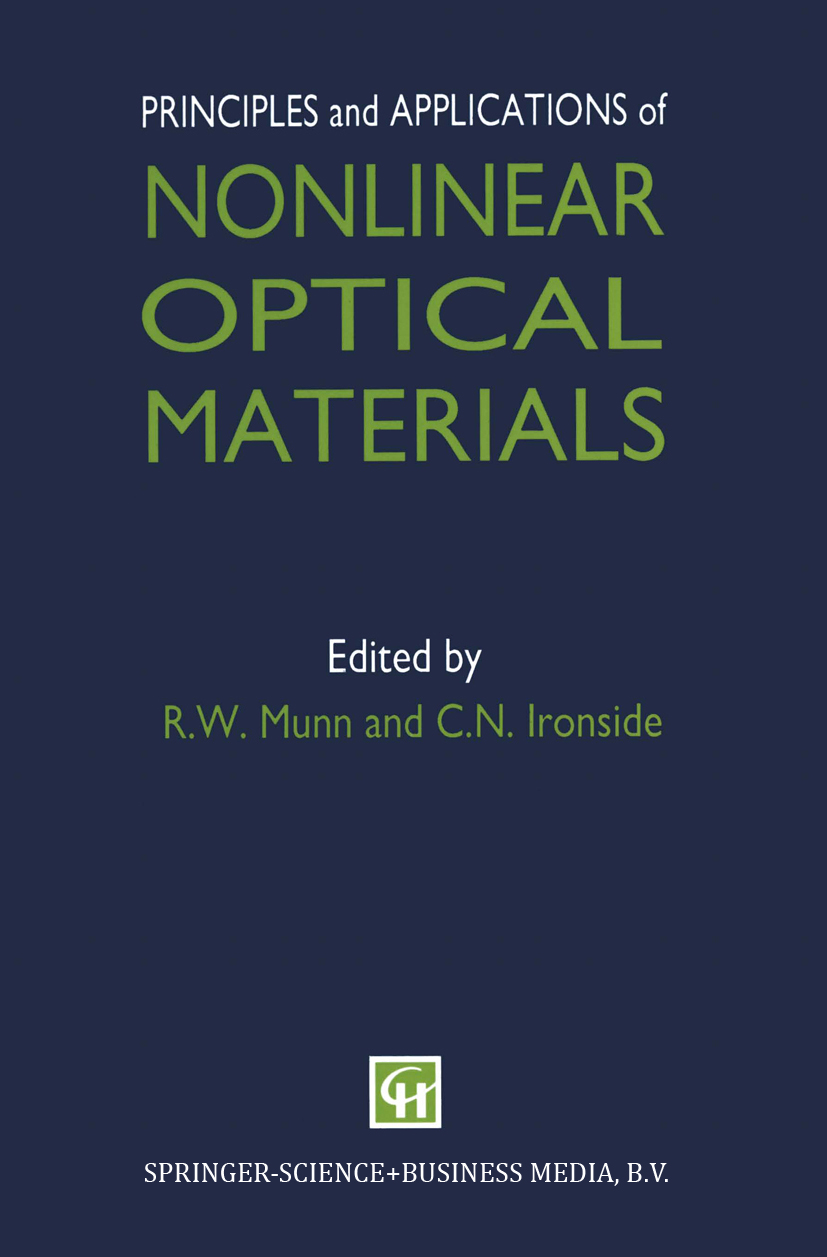
Principles and Applications of Nonlinear Optical Materials Nonlinear optics is a topic of much current interest that exhibits a great diversity. Some publications on the subject are clearly physics, while others reveal an engineering bias; some appear to be accessible to the chemist, while others may appeal to biological understanding. Yet all purport to be non linear optics so where is the underlying unity? The answer is that the unity lies in the phenomena and the devices that exploit them, while the diversity lies in the materials used to express the phenomena. This book is an attempt to show this unity in diversity by bringing together contributions covering an unusually wide range of materials, preceded by accounts of the main phenomena and important devices. Because ofthe diversity, individual materials are treated in separate chapters by different expert authors, while as editors we have shouldered the task of providing the unifying initial chapters. Most main classes of nonlinear optical solids are treated: semiconductors, glasses, ferroelectrics, molecular crystals, polymers, and Langmuir-Blodgett films. (However, liquid crystals are not covered. ) Each class of material is enough for a monograph in itself, and this book is designed to be an introduction suitable for graduate students and those in industry entering the area of nonlinear optics. It is also suitable in parts for final-year undergraduates on project work. It aims to provide a bridge between traditional fields of expertise and the broader field of nonlinear optics. TECHNOLOGY & ENGINEERING,Materials Science,Electronic Materials
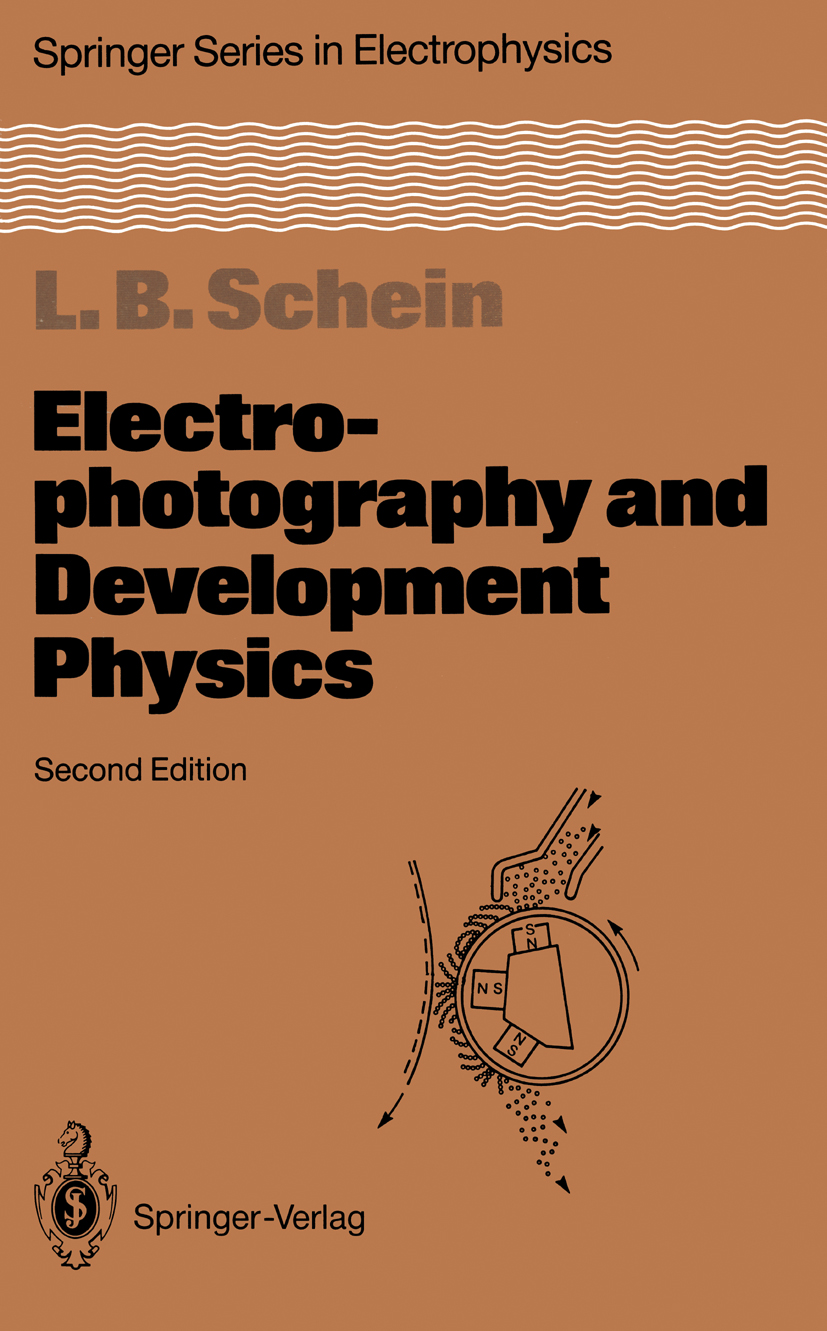
Electrophotography and Development Physics Electrophotography and Development Physics focuses on thecomplicated and increasingly important technology found inphotocopiers and laser printers. An introduction chapteracquaints the reader with the technical history ofelectrophotography, its current and projected markets, andalso alternative related copying and printing technologies.A concise descriptionof the physics of the completeelectrophotgraphic process is followed by an in-depthtreatment of static electricity. The three types ofdevelopmentsystems (two component, monocomponent, andliquid), and their associated charging mechanisms. In thissecond edition, a discussion of the new color copiers and achapter updating the original material have been added. Onmastering this material, which is presented in a mannersuitable for both the newcomer and the established expert,the reader will have a workingknowledge of theelectrophotographic process and a detailed knowledge of itsimportant subsystem, development. TECHNOLOGY & ENGINEERING,Materials Science,Electronic Materials
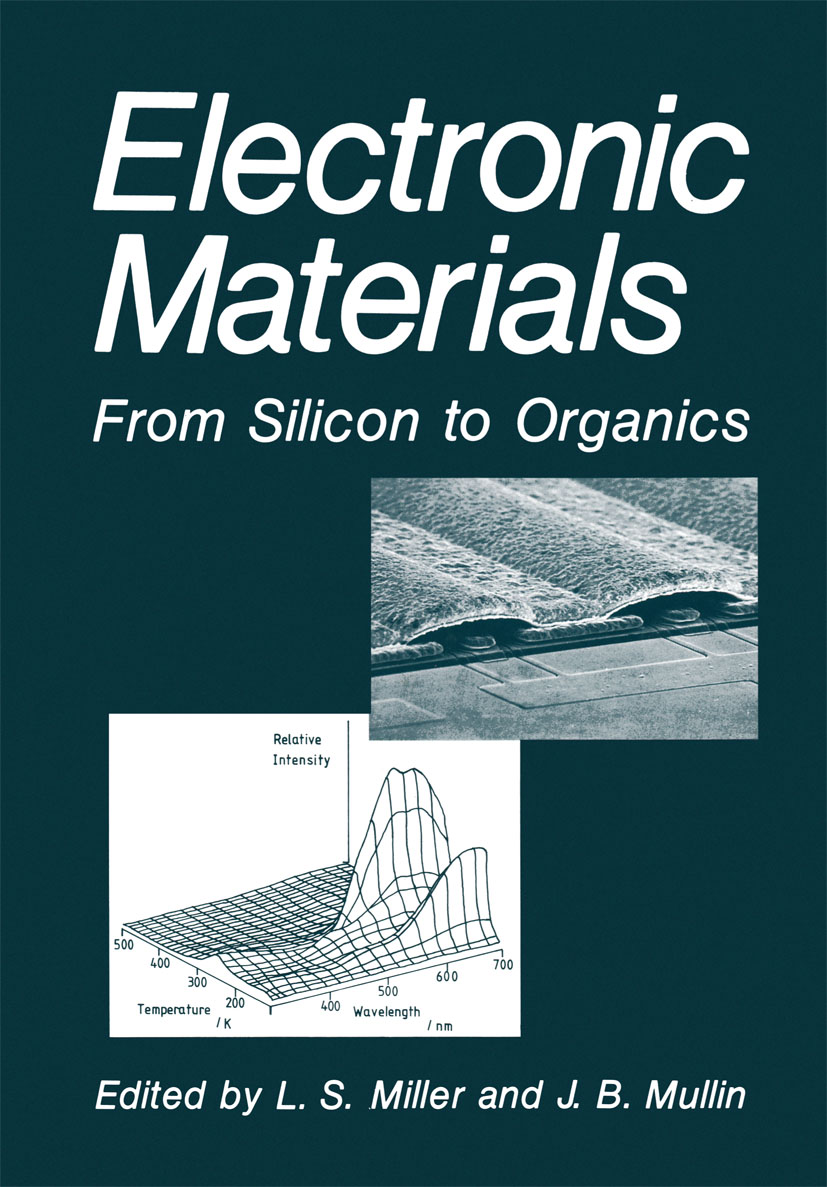
Electronic Materials Electronic materials are a dominant factor in many areas of modern technology. The need to understand'them is paramount; this book addresses that need. The main aim of this volume is to provide a broad unified view of electronic materials, including key aspects of their science and technology and also, in many cases, their commercial implications. It was considered important that much of the contents of such an overview should be intelligible by a broad audience of graduates and industrial scientists, and relevant to advanced undergraduate studies. It should also be up to date and even looking forward to the future. Although more extensive, and written specifically as a text, the resulting book has much in common with a short course of the same name given at Coventry Polytechnic. The interpretation of the term "electronic materials" used in this volume is a very broad one, in line with the initial aim. The principal restriction is that, with one or two minor exceptions relating to aspects of device processing, for example, the materials dealt with are all active materials. Materials such as simple insulators or simple conductors, playing only a passive role, are not singled out for consider ation. Active materials might be defined as those involved in the processing of signals in a way that depends crucially on some specific property of those materials, and the immediate question then concerns the types of signals that might be considered. TECHNOLOGY & ENGINEERING,Materials Science,Electronic Materials
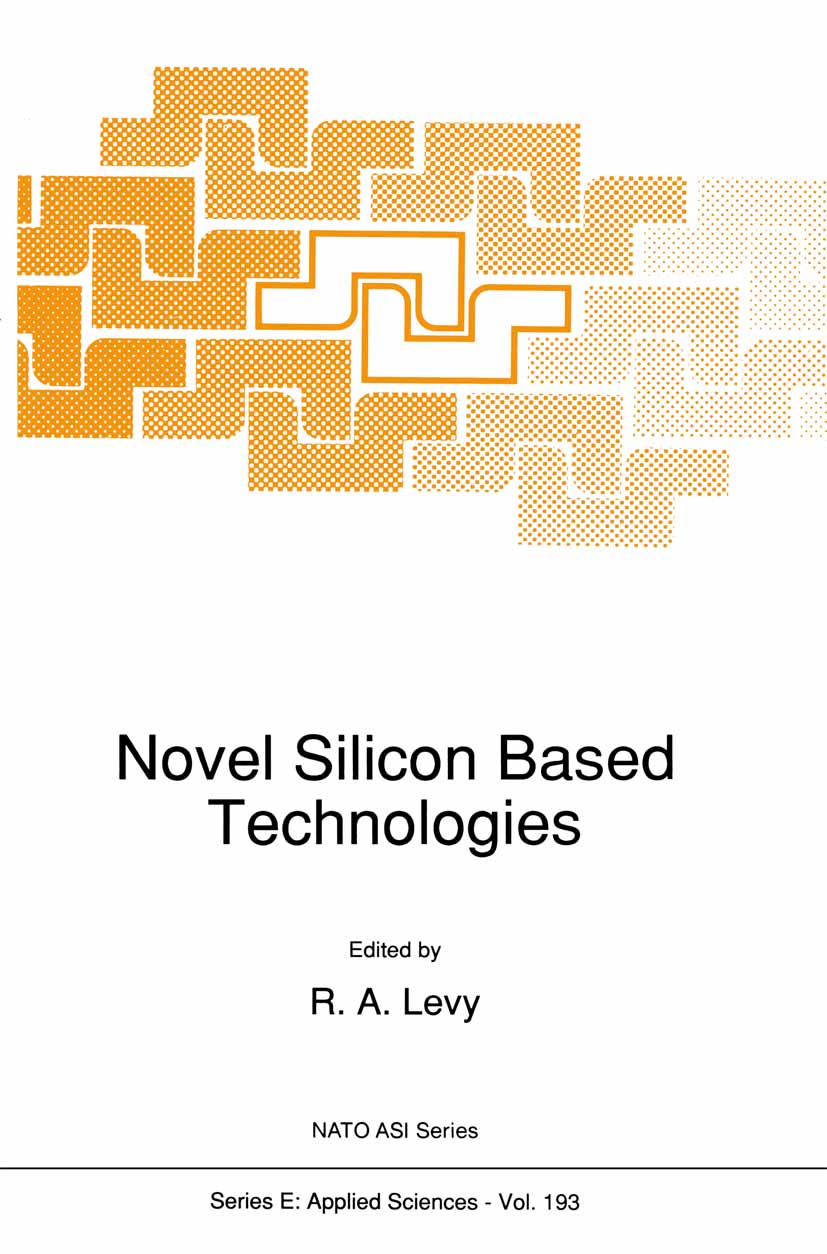
Novel Silicon Based Technologies Proceedings of the NATO Advanced Study Institute, Boca Raton, Florida, U.S.A., July 17-28, 1989 TECHNOLOGY & ENGINEERING,Materials Science,Electronic Materials
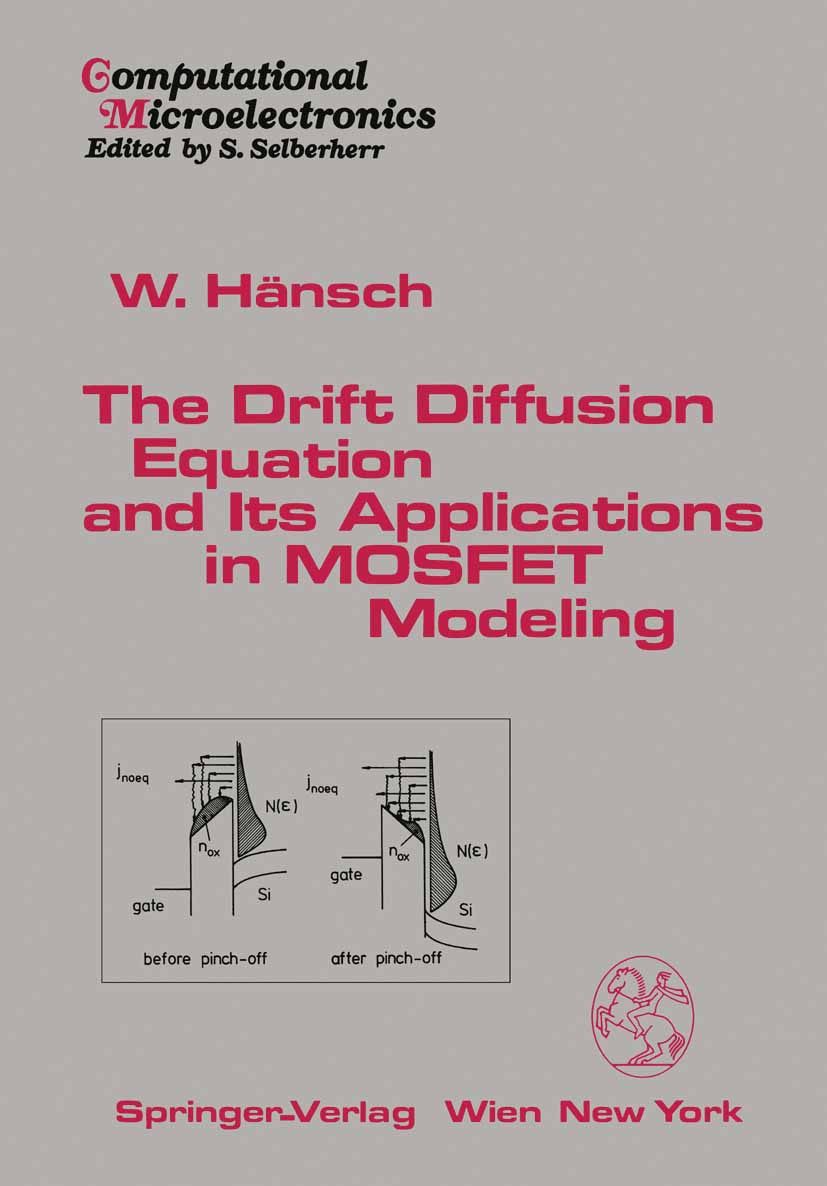
The Drift Diffusion Equation and Its Applications in MOSFET Modeling To be perfect does not mean that there is nothing to add, but rather there is nothing to take away Antoine de Saint-Exupery The drift-diffusion approximation has served for more than two decades as the cornerstone for the numerical simulation of semiconductor devices. However, the tremendous speed in the development of the semiconductor industry demands numerical simulation tools that are efficient and provide reliable results. This makes the development of a simulation tool an interdisciplinary task in which physics, numerical algorithms, and device technology merge. For the sake of an efficient code there are trade-offs between the different influencing factors. The numerical performance of a program that is highly flexible in device types and the geometries it covers certainly cannot compare with a program that is optimized for one type of device only. Very often the device is sufficiently described by a two dimensional geometry. This is the case in a MOSFET, for example, if the gate length is small compared with the gate width. In these cases the geometry reduces to the specification of a two-dimensional device. Here again the simplest geometries, which are planar or at least rectangular surfaces, will give the most efficient numerical codes. The device engineer has to decide whether this reduced description of the real device is still suitable for his purposes. TECHNOLOGY & ENGINEERING,Materials Science,Electronic Materials
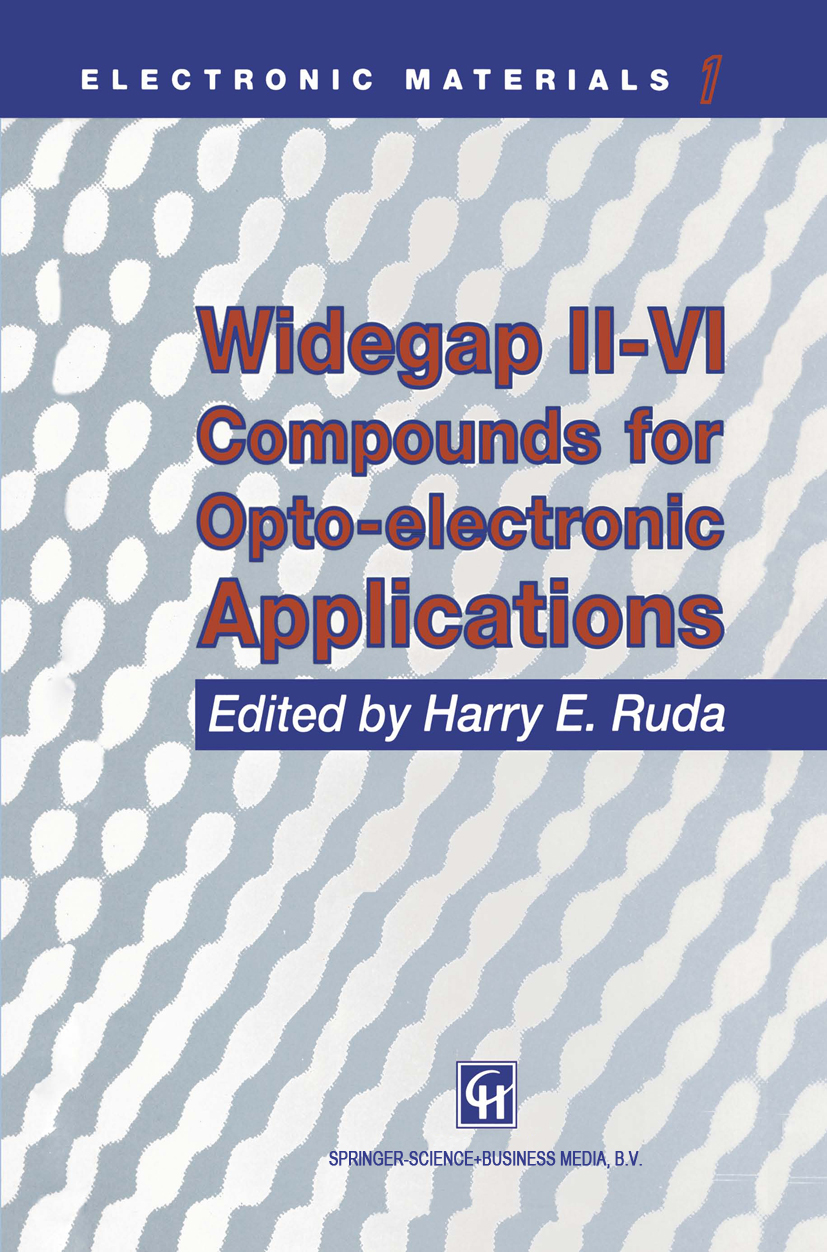
Widegap II–VI Compounds for Opto-electronic Applications This book is intended for readers desiring a comprehensive analysis of the latest developments in widegap II-VI materials research for opto-electronic applications and basic insight into the fundamental underlying principles. Therefore, it is hoped that this book will serve two purposes. Firstly, to educate newcomers to this exciting area of physics and technology and, secondly, to provide specialists with useful references and new insights in related areas of II-VI materials research. The motivation for preparing this book originated from the need for a current review of this fertile and important field. A primary goal of this book is therefore to present an eclectic synthesis of these sometimes diverse fields of investigation. This book consists of three main sections, namely (1) Growth and Properties, (2) Materials Characterization and (3) Devices. Part One presents an overall perspective of the state of the art in the preparation of the widegap II-VI materials. Part Two concentrates on current topics pertinent to the characterization of these materials from the unique perspective of each of the authors. Part Three focuses on advances in the opto-electronic applications of these materials. The material in this section runs the gamut from addressing recent advances in device areas which date back to some of the earliest reported research in these materials, to tackling some quite new and exciting future directions. TECHNOLOGY & ENGINEERING,Materials Science,Electronic Materials
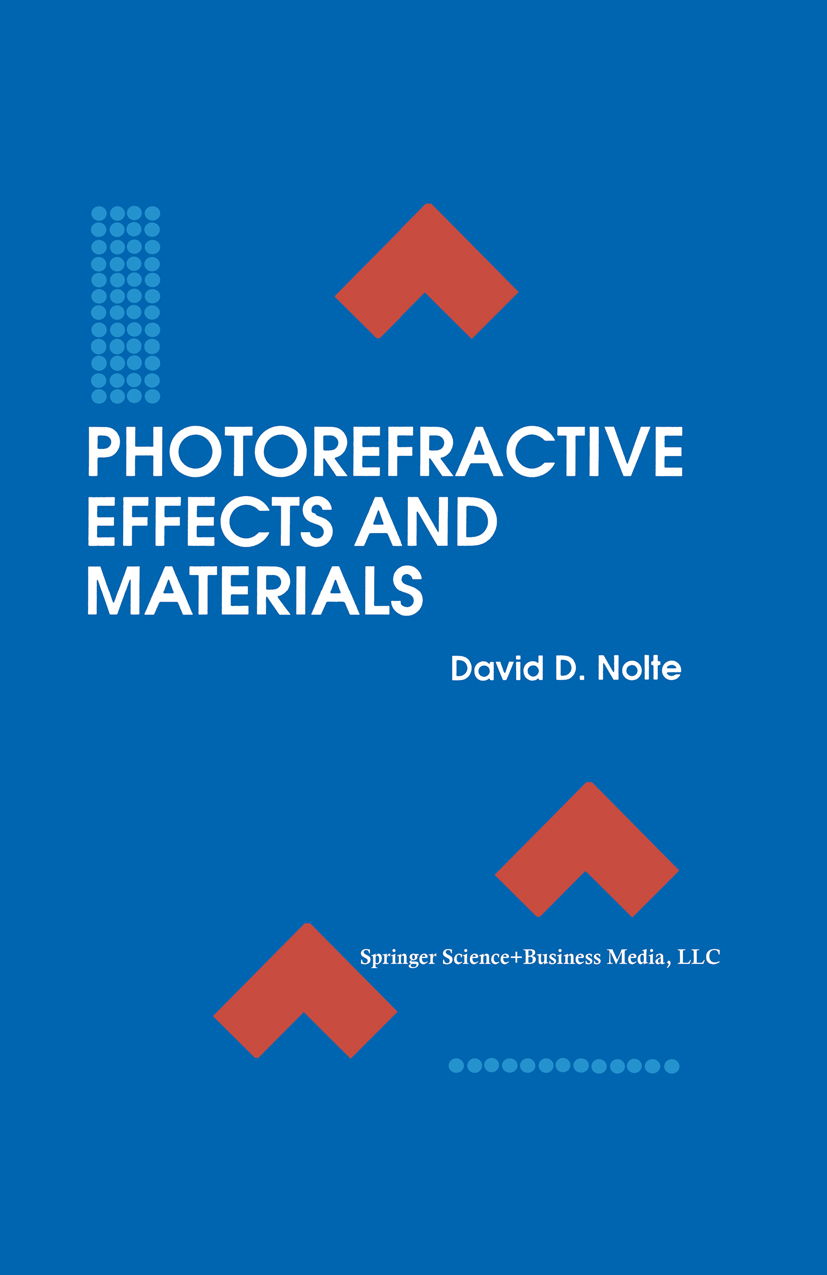
Photorefractive Effects and Materials The photorefractive effect is now firmly established as one of the highest-sensitivity nonlinear optical effects, making it an attractive choice for use in many optical holographic processing applications. As with all technologies based on advanced materials, the rate of progress in the development of photorefractive applications has been principally limited by the rate at which breakthroughs in materials science have supplied better photorefractive materials. The last ten years have seen an upsurge of interest in photorefractive applications because of several advances in the synthesis and growth of new and sensitive materials. This book is a collection of many of the most important recent developments in photorefractive effects and materials. The introductory chapter, which provides the necessary tools for understanding a wide variety of photorefractive phenomena, is followed by seven contributed chapters that offer views of the state-of-the-art in several different material systems. The second chapter represents the most detailed study to date on the growth and photorefractive performance of BaTi03, one of the most important photorefractive ferroelectrlcs. The third chapter describes the process of permanently fixing holographic gratings in ferroelectrics, important for volumetric data storage with ultra-high data densities. The fourth chapter describes the discovery and theory of photorefractive spatial solitons. Photorefractive polymers are an exciting new class of photo refractive materials, described in the fifth chapter. Polymers have many advantages, primarily related to fabrication, that could promise a breakthrough to the marketplace because of ease and low-cost of manufacturing. TECHNOLOGY & ENGINEERING,Materials Science,Electronic Materials
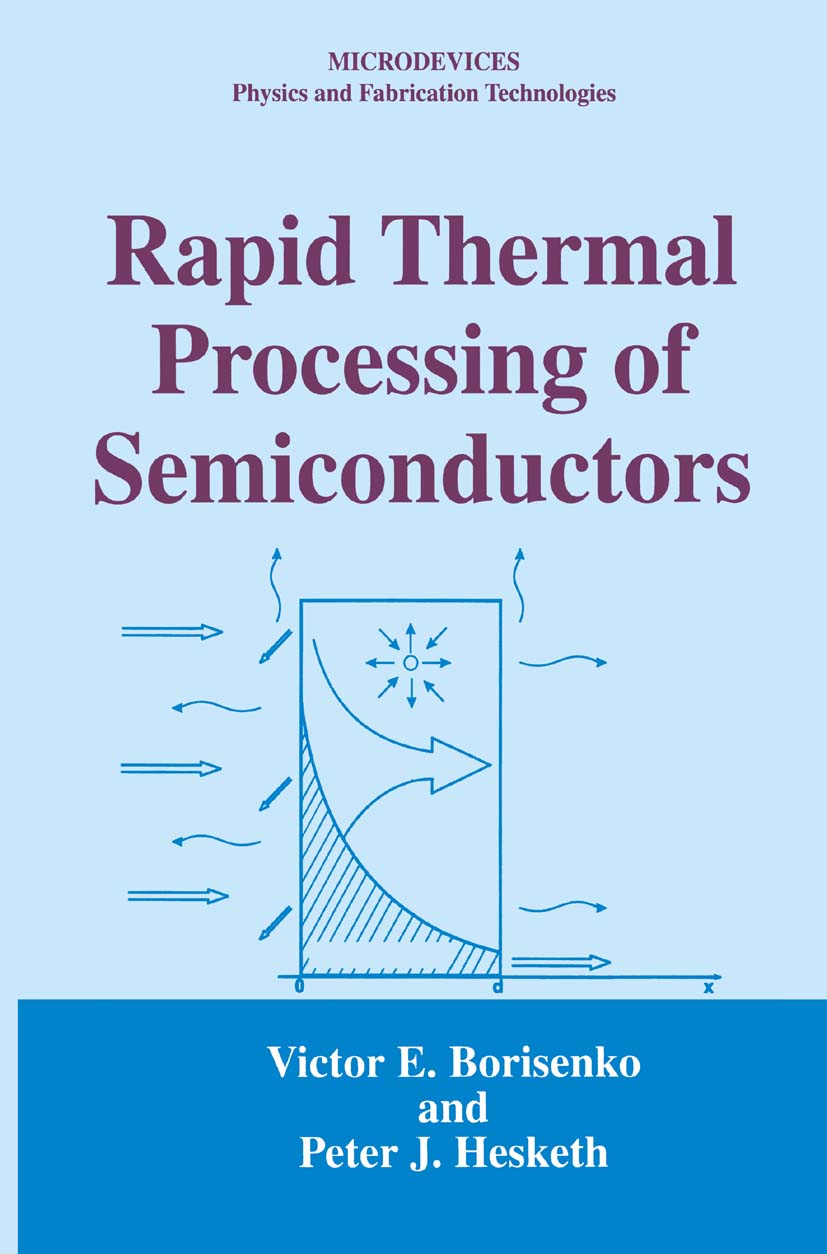
Rapid Thermal Processing of Semiconductors Rapid thermal processing has contributed to the development of single wafer cluster processing tools and other innovations in integrated circuit manufacturing environments. Borisenko and Hesketh review theoretical and experimental progress in the field, discussing a wide range of materials, processes, and conditions. They thoroughly cover the work of international investigators in the field. TECHNOLOGY & ENGINEERING,Materials Science,Electronic Materials

Green Materials for Electronics Combining the materials science, technological, and device aspects of organic bioelectronics based on green materials, this is the first overview of the emerging concepts involving fabrication techniques for sustainable electronics with low energy and material consumption. With contributions from top-notch editors and authors, in one focus, the book covers a collection of natural materials suited for electronics applications such as paper, silk, melanin, DNA and nucleobases, resins, gums, saccharides, cellulose, gelatine and peptides. In another thrust, the book focuses on device fabrication based on these materials, including processing aspects, and applications such as sensors, signal transducers, transient, implantable and digestible electronics. With its interdisciplinary approach this text will appeal to the chemistry, physics, materials science, and engineering communities. TECHNOLOGY & ENGINEERING,Materials Science,Electronic Materials
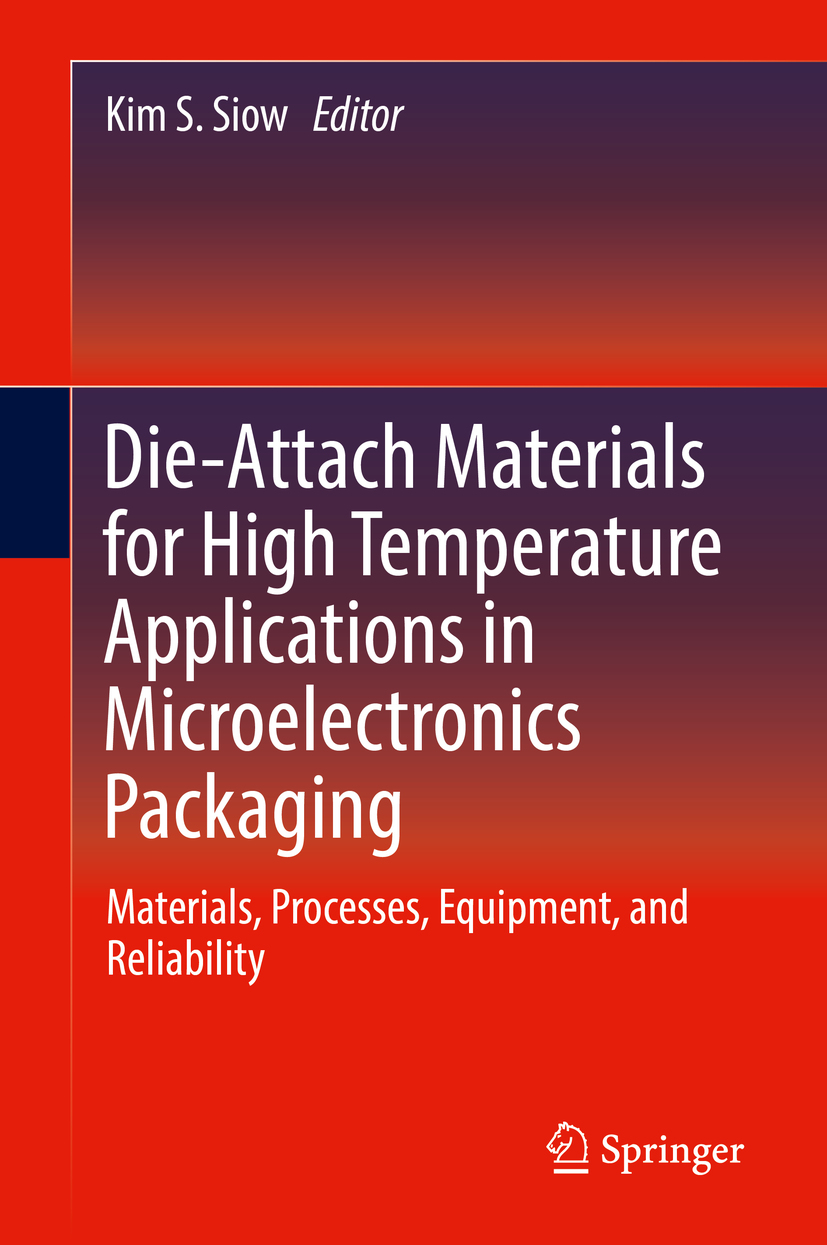
Die-Attach Materials for High Temperature Applications in Microelectronics Packaging This book presents the scientific principles, processing conditions, probable failure mechanisms, and a description of reliability performance and equipment required for implementing high-temperature and lead-free die attach materials. In particular, it addresses the use of solder alloys, silver and copper sintering, and transient liquid-phase sintering. While different solder alloys have been used widely in the microelectronics industry, the implementation of sintering silver and transient liquid-phase sintering remains limited to a handful of companies. Hence, the book devotes many chapters to sintering technologies, while simultaneously providing only a cursory coverage of the more widespread techniques employing solder alloys. Addresses the differences between sintering and soldering (the current die-attach technologies), thereby comprehensively addressing principles, methods, and performance of these high-temperature die-attach materials; Emphasizes the industrial perspective, with chapters written by engineers who have hands-on experience using these technologies; Baker Hughes, Bosch and ON Semiconductor, are represented as well as materials suppliers such as Indium; Simultaneously provides the detailed science underlying these technologies by leading academic researchers in the field. TECHNOLOGY & ENGINEERING,Materials Science,Electronic Materials
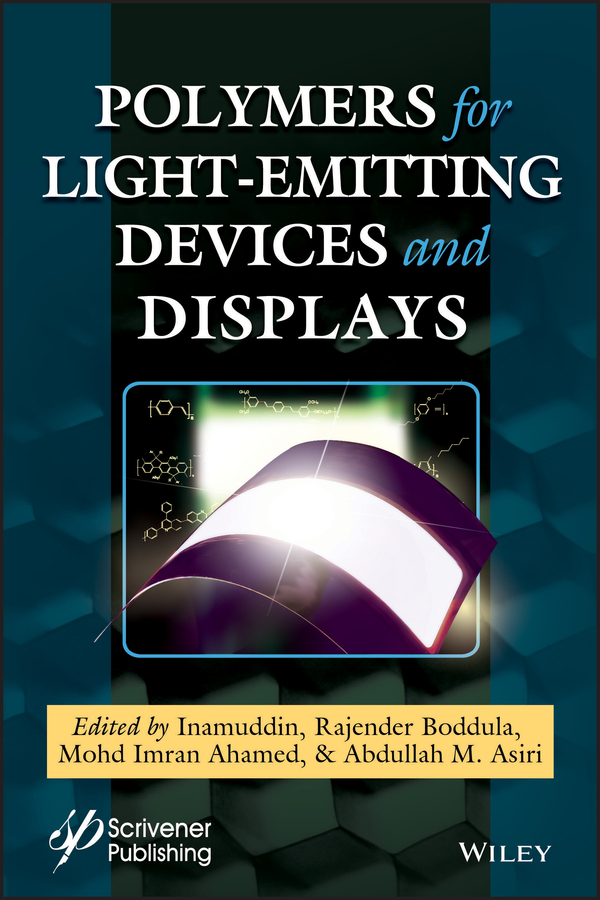
Polymers for Light-emitting Devices and Displays Polymers for Light-Emitting Devices and Displays provides an in-depth overview of fabrication methods and unique properties of polymeric semiconductors, and their potential applications for LEDs including organic electronics, displays, and optoelectronics. Some of the chapter subjects include: • The newest polymeric materials and processes beyond the classical structure of PLED• Conjugated polymers and their application in the light-emitting diodes (OLEDs & PLEDs) as optoelectronic devices.• The novel work carried out on electrospun nanofibers used for LEDs.• The roles of diversified architectures, layers, components, and their structural modifications in determining efficiencies and parameters of PLEDs as high-performance devices.• Polymer liquid crystal devices (PLCs), their synthesis, and applications in various liquid crystal devices (LCs) and displays.• Reviews the state-of-art of materials and technologies to manufacture hybrid white light-emitting diodes based on inorganic light sources and organic wavelength converters. TECHNOLOGY & ENGINEERING,Materials Science,Electronic Materials
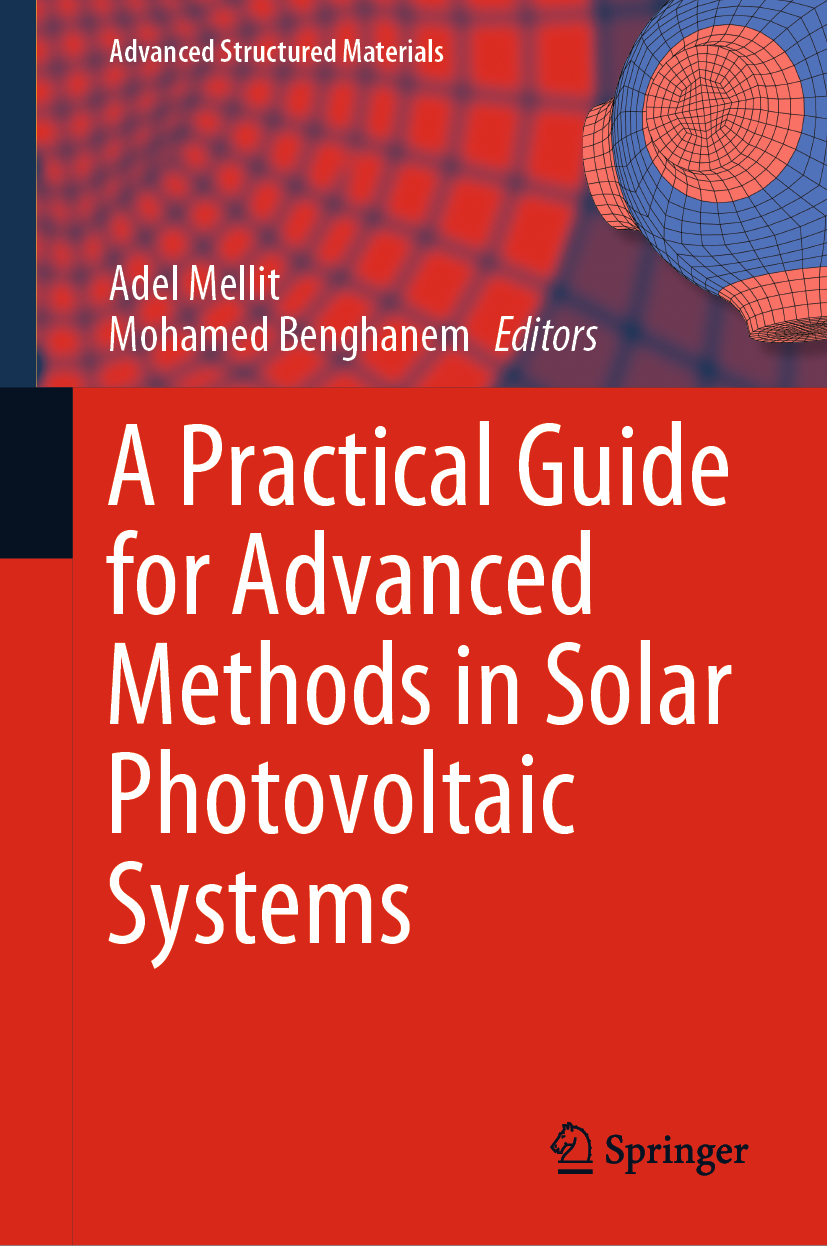
A Practical Guide for Advanced Methods in Solar Photovoltaic Systems The present book focuses on recent advances methods and applications in photovoltaic (PV) systems. The book is divided into two parts: the first part deals with some theoretical, simulation and experiments on solar cells, including efficiency improvement, new materials and behavior performances. While the second part of the book devoted mainly on the application of advanced methods in PV systems, including advanced control, FPGA implementation, output power forecasting based artificial intelligence technique (AI), high PV penetration, reconfigurable PV architectures and fault detection and diagnosis based AI. The authors of the book trying to show to readers more details about some theoretical methods and applications in solar cells and PV systems (eg. advanced algorithms for control, optimization, power forecasting, monitoring and fault diagnosis methods). The applications are mainly carried out in different laboratories and location around the world as projects (Algeria, KSA, Turkey, Morocco, Italy and France). The book will be addressed to scientists, academics, researchers and PhD students working in this topic. The book will help readers to understand some applications including control, forecasting, monitoring, fault diagnosis of photovoltaic plants, as well as in solar cells such as behavior performances and efficiency improvement. It could be also be used as a reference and help industry sectors interested by prototype development. TECHNOLOGY & ENGINEERING,Materials Science,Electronic Materials
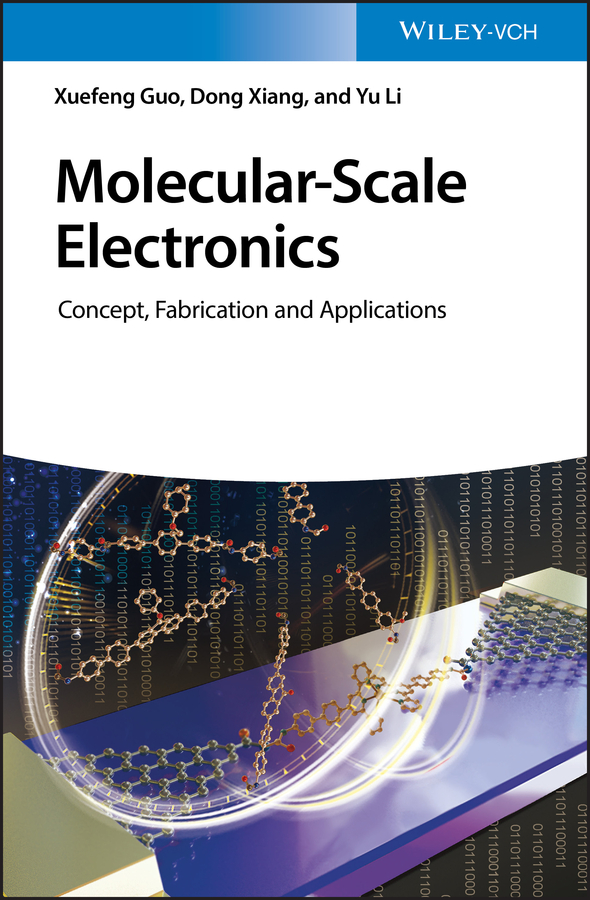
Molecular-Scale Electronics Provides in-depth knowledge on molecular electronics and emphasizes the techniques for designing molecular junctions with controlled functionalities This comprehensive book covers the major advances with the most general applicability in the field of molecular electronic devices. It emphasizes new insights into the development of efficient platform methodologies for building such reliable devices with desired functionalities through the combination of programmed bottom-up self-assembly and sophisticated top-down device fabrication. It also helps to develop an understanding of the device fabrication processes and the characteristics of the resulting electrode-molecule interface. Beginning with an introduction to the subject, Molecular-Scale Electronics: Concept, Fabrication and Applications offers full chapter coverage on topics such as: Metal Electrodes for Molecular Electronics; Carbon Electrodes for Molecular Electronics; Other Electrodes for Molecular Electronics; Novel Phenomena in Single-Molecule Junctions; and Supramolecular Interactions in Single-Molecule Junctions. Other chapters discuss Theoretical Aspects for Electron Transport through Molecular Junctions; Characterization Techniques for Molecular Electronics; and Integrating Molecular Functionalities into Electrical Circuits. The book finishes with a summary of the primary challenges facing the field and offers an outlook at its future. * Summarizes a number of different approaches for forming molecular-scale junctions and discusses various experimental techniques for examining these nanoscale circuits in detail * Gives overview of characterization techniques and theoretical simulations for molecular electronics * Highlights the major contributions and new concepts of integrating molecular functionalities into electrical circuits * Provides a critical discussion of limitations and main challenges that still exist for the development of molecular electronics * Suited for readers studying or doing research in the broad fields of Nano/molecular electronics and other device-related fields Molecular-Scale Electronics is an excellent book for materials scientists, electrochemists, electronics engineers, physical chemists, polymer chemists, and solid-state chemists. It will also benefit physicists, semiconductor physicists, engineering scientists, and surface chemists. TECHNOLOGY & ENGINEERING,Materials Science,Electronic Materials
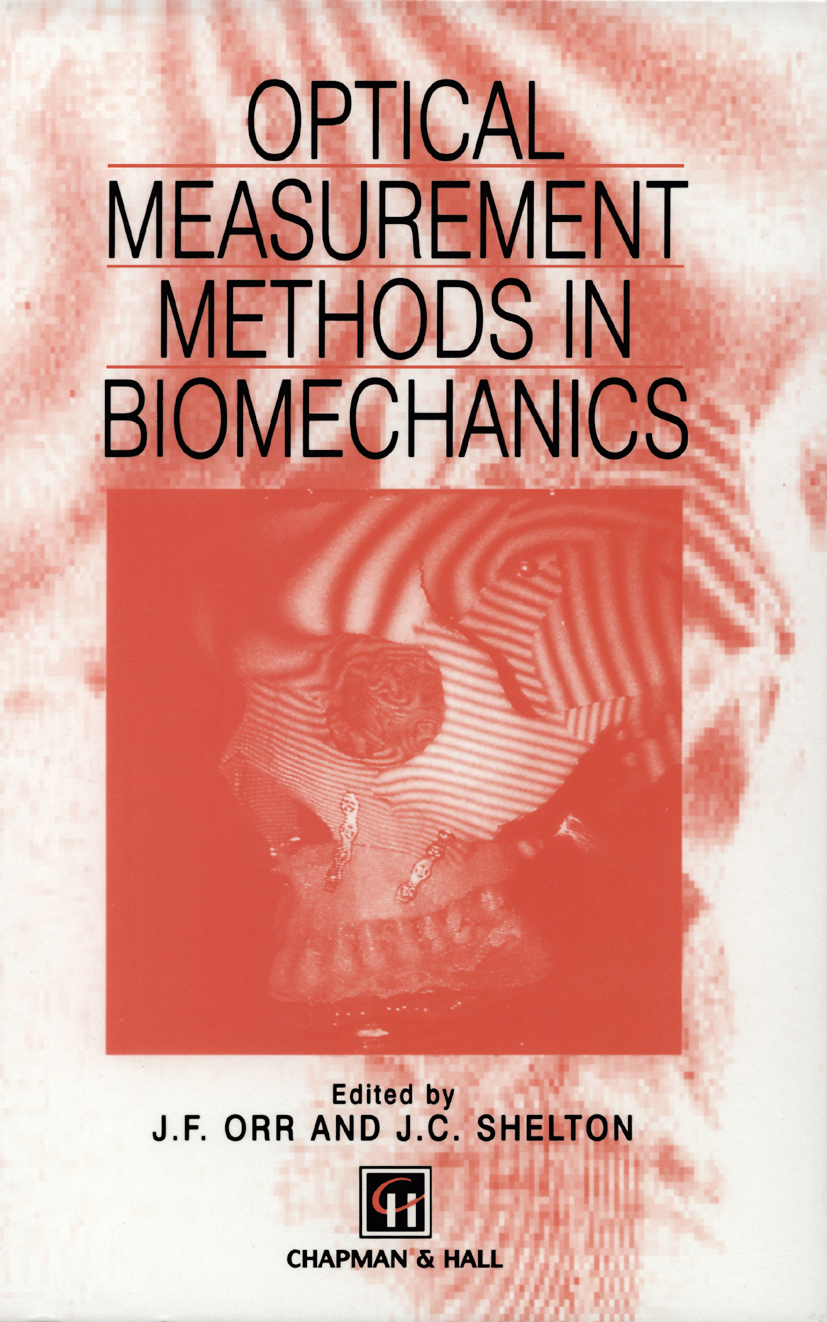
Optical Measurement Methods in Biomechanics This book has been written to provide research workers with an introd- tion to several optical techniques for new applications. It is intended to be comprehensible to people from a wide range of backgrounds - no prior optical or physics knowledge has been assumed. However, sufficient technical details have been included to enable the reader to understand the basics of the techniques and to be able to read further from the ref- ences if necessary. The book should be as useful to postgraduate students and experienced researchers as those entering the bioengineering field, irrespective of whether they have a technical or clinical background. It has been prepared with an awareness of the inherent difficulties in und- standing aspects of optics which, in the past, have precluded practical application. The contents address a broad range of optical measurement techniques which have been used in biomechanics, techniques characterized as n- contacting and non-destructive. Theoretical outlines and practical advice on gaining entry to the fields of expertise are complemented by biomec- nical case studies and key literature references. The aim is to present each technique, to appraise its advantages and capabilities and thereby to allow informed selection of an appropriate method for a particular app- cation. It is anticipated that research workers will be assisted in est- lishing new methodologies and gain first-hand experience of the techniques. TECHNOLOGY & ENGINEERING,Materials Science,General
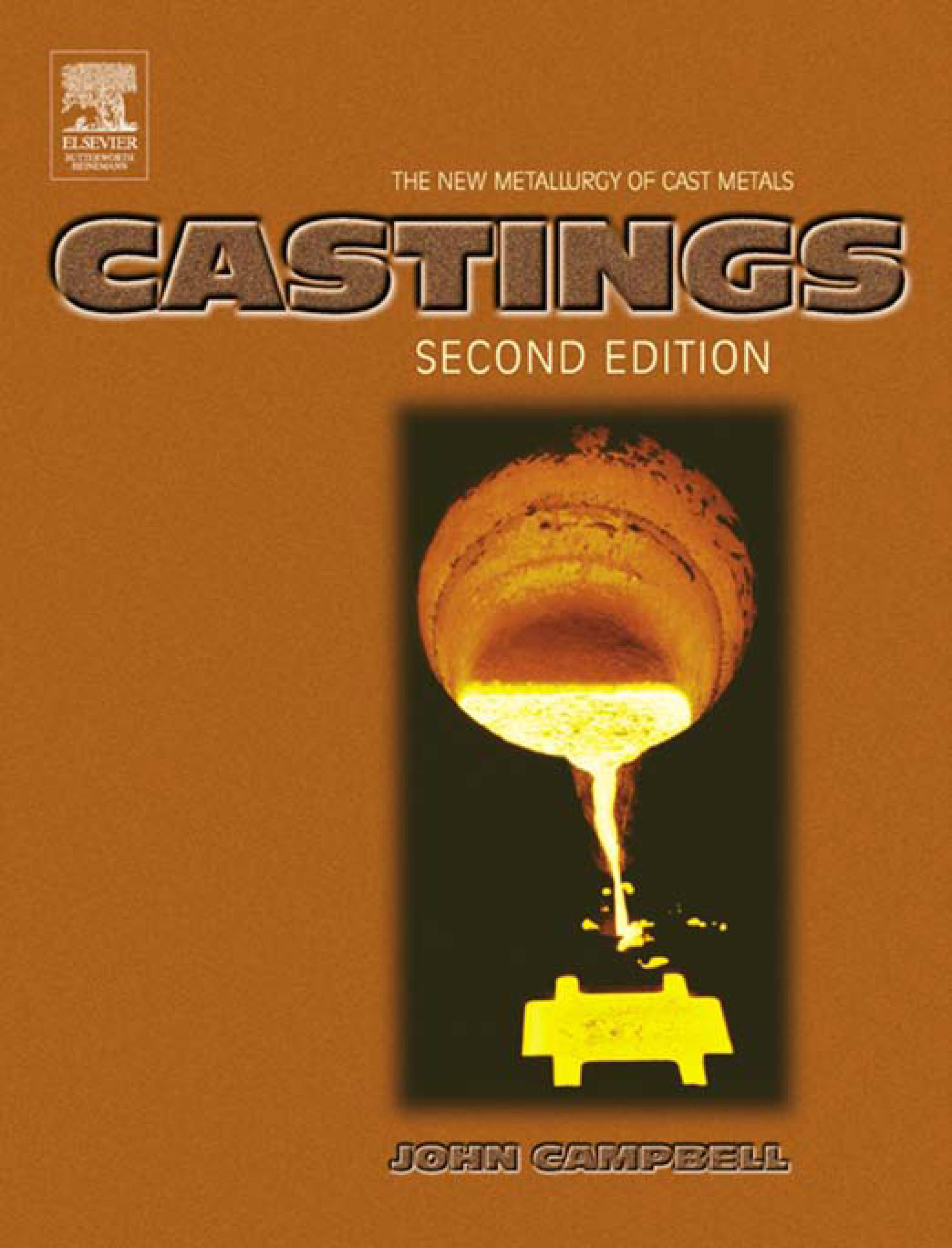
Castings This is the key publication for professionals and students in the metallurgy and foundry field. Fully revised and expanded, Castings Second Edition covers the latest developments in the understanding of the role of the liquid metal in controlling the properties of cast materials, and indeed, of all metallic materials that have started in the cast form. Practising foundry engineers, designers, and students will find the revealing insights into the behaviour of castings essential in developing their inderstanding and practice. John Campbell OBE is a leading international figure in the castings industry, with over four decades of experience. He is the originator of the Cosworth Casting Process, the pre-eminent production process for automobile cylinder heads and blocks. He is also co-inventor of both the Baxi Casting Process (now owned by Alcoa) developed in the UK, and the newly emerging Alotech Casting Process in the USA. He is Professor of Casting Technology at the University of Birmingham, UK. New edition of this internationally respected reference and textbook for engineers and students Develops understanding of the concepts and practice of casting operations Castings' is the key work on castings technology and process metallurgy, and an essential resource on contemporary developments and thinking on the new metallurgy of cast alloys Revised and updated throughout, with new material on subjects including surface turbulence, the new theory of entrainment defects including folded film defects, plus the latest concepts of alloy theory TECHNOLOGY & ENGINEERING,Materials Science,General

Fundamental Principles of Optical Lithography The fabrication of an integrated circuit requires a variety of physical and chemical processes to be performed on a semiconductor substrate. In general, these processes fall into three categories: film deposition, patterning, and semiconductor doping. Films of both conductors and insulators are used to connect and isolate transistors and their components. By creating structures of these various components millions of transistors can be built and wired together to form the complex circuitry of modern microelectronic devices. Fundamental to all of these processes is lithography, ie, the formation of three-dimensional relief images on the substrate for subsequent transfer of the pattern to the substrate. This book presents a complete theoretical and practical treatment of the topic of lithography for both students and researchers. It comprises ten detailed chapters plus three appendices with problems provided at the end of each chapter. Additional Information: Visiting http://www.lithoguru.com/textbook/index.html enhances the reader's understanding as the website supplies information on how you can download a free laboratory manual, Optical Lithography Modelling with MATLAB®, to accompany the textbook. You can also contact the author and find help for instructors. TECHNOLOGY & ENGINEERING,Materials Science,General
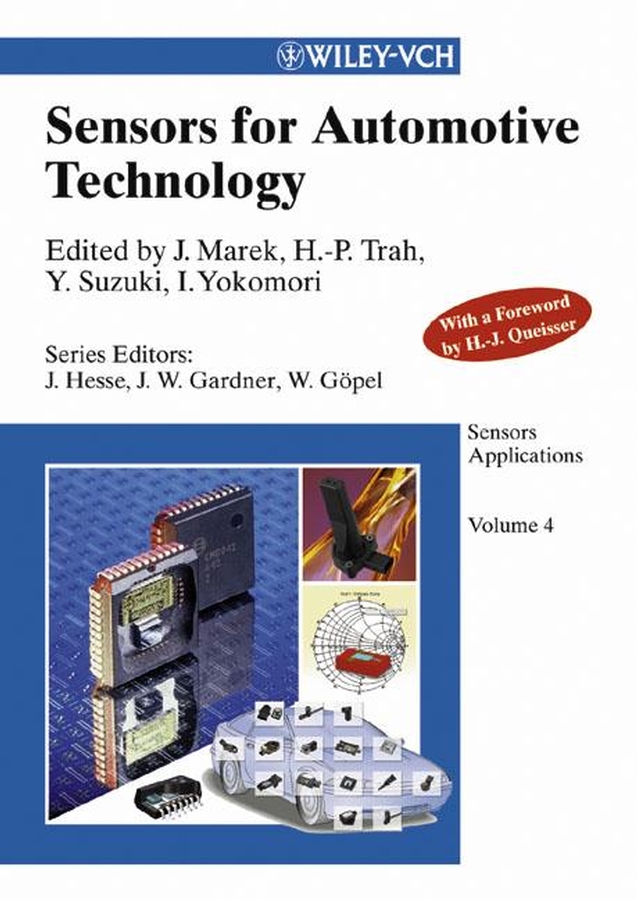
Sensors for Automotive Applications Taken as a whole, this series covers all major fields of application for commercial sensors, as well as their manufacturing techniques and major types. As such the series does not treat bulk sensors, but rather places strong emphasis on microsensors, microsystems and integrated electronic sensor packages. Each of the individual volumes is tailored to the needs and queries of readers from the relevant branch of industry. An international team of experts from the leading companies in this field gives a detailed picture of existing as well as future applications. They discuss in detail current technologies, design and construction concepts, market considerations and commercial developments. Topics covered include vehicle safety, fuel consumption, air conditioning, emergency control, traffic control systems, and electronic guidance using radar and video. TECHNOLOGY & ENGINEERING,Materials Science,General
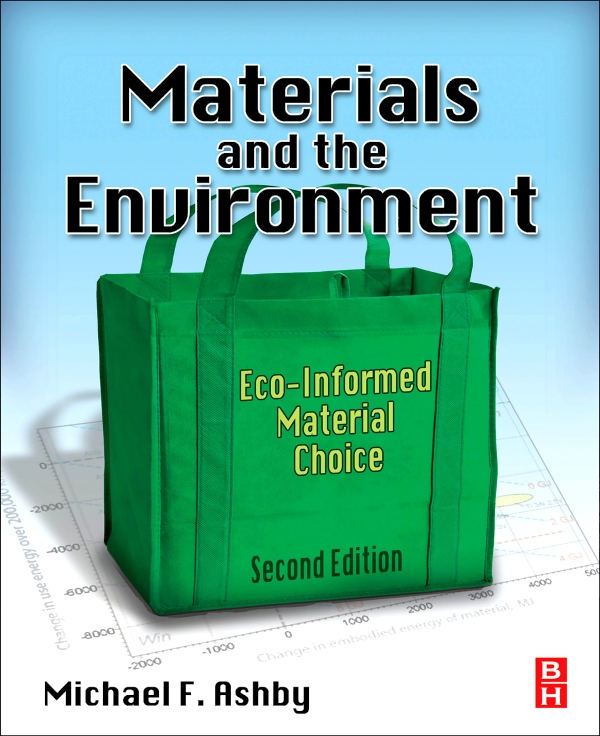
Materials and the Environment Materials and the Environment: Eco-Informed Material Choice, Second Edition, is the first book devoted solely to the environmental aspects of materials and their selection, production, use and disposal, by one of the world's foremost materials authorities. It explores human dependence on materials and its environmental consequences and provides perspective, background, methods, and data for thinking about and designing with materials to minimize their environmental impact. Organized into 15 chapters, this new edition looks at the history of our increasing dependence on materials and energy. It explains where materials come from and how they are used in a variety of industries, along with their life cycle and their relationship to energy and carbon. It also examines controls and economic instruments that hinder the use of engineering materials, considers sustainability from a materials perspective, and highlights the importance of low-carbon power and material efficiency. Furthermore, it discusses the mechanical, thermal, and electrical properties of engineering metals, polymers, ceramics, composites, and natural materials in relation to environmental issues. The volume includes new chapters on Materials for Low Carbon Power & and Material Efficiency, all illustrated by in-text examples and expanded exercises. There are also new case studies showing how the methods discussed in the book can be applied to real-world situations. This book is intended for instructors and students of Engineering, Materials Science and Industrial/Product Design, as well as for materials engineers and product designers who need to consider the environmental implications of materials in their designs. Introduces methods and tools for thinking about and designing with materials within the context of their role in products and the environmental consequences Contains numerous case studies showing how the methods discussed in the book can be applied to real-world situations Includes full-color data sheets for 40 of the most widely used materials, featuring such environmentally relevant information as their annual production and reserves, embodied energy and process energies, carbon footprints, and recycling data New to this edition: New chapter of Case Studies of Eco-audits illustrating the rapid audit method New chapter on Materials for Low Carbon Power examines the consequences for materials supply of a major shift from fossil-fuel based power to power from renewables New chapter exploring Material Efficiency, or design and management for manufacture to provide the services we need with the least production of materials Recent news-clips from the world press that help place materials issues into a broader context.are incorporated into all chapters End-of-chapter exercises have been greatly expanded The datasheets of Chapter 15 have been updated and expanded to include natural and man-made fibers TECHNOLOGY & ENGINEERING,Materials Science,General
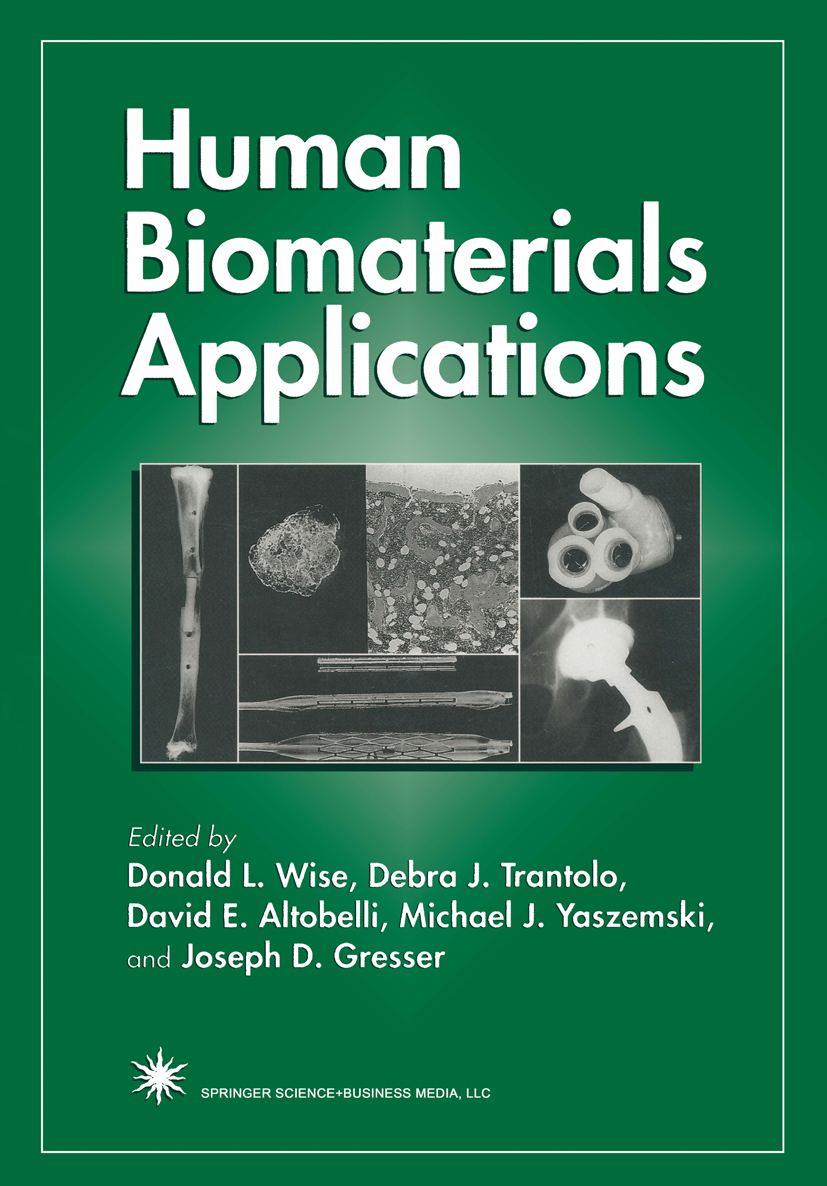
Human Biomaterials Applications Nineteen cutting-edge articles by leading practitioners review critical issues concerning biocompatible materials-polymers, metals, and other materials-used in or on the human body. Topics range from biopolymers used in controlled release drug delivery systems and synthetic burn-wound dressings to specific orthopedic devices. Each application-oriented article integrates basic science, engineering and medical experience with discussions of quality control. The contributors offer a wealth of valuable data and experience to materials scientists, research engineers, and academic physicians and surgeons. Their many examples provide rich insights into our experience today with a broad spectrum of modern biomaterials applications. TECHNOLOGY & ENGINEERING,Materials Science,General

Korrosionsschadenkunde Das Buch vermittelt umfassendes praktisches Wissen über Korrosionsschadensformen und -arten, wie sie in natürlicher Umgebung, bei technischen Anwendung und unter industriellen Bedingungen an Metallen und Legierungen auftreten und mit schadensanalytischen Methoden diagnostiziert werden müssen. Die optischen Erscheinungsformen der Korrosionsschäden werden durch umfangreiches Bildmaterial dokumentiert und die wichtigen Einflussgrößen durch viele graphische Darstellungen unterstützt. Die "Klassiker der Technik" sind unveränderte Neuauflagen traditionsreicher ingenieurwissenschaftlicher Werke. Wegen ihrer didaktischen Einzigartigkeit und der Zeitlosigkeit ihrer Inhalte gehören sie zur Standardliteratur des Ingenieurs, wenn sie auch die Darstellung modernster Methoden neueren Büchern überlassen. So erschließen sich die Hintergründe vieler computergestützter Verfahren dem Verständnis nur durch das Studium des klassischen, fundamentaleren Wissens.Oft bietet ein "Klassiker" einen Fundus an wichtigen Berechnungs- oder Konstruktionsbeispielen, die auch für viele moderne Problemstellungen als Musterlösungen dienen können. TECHNOLOGY & ENGINEERING,Materials Science,General
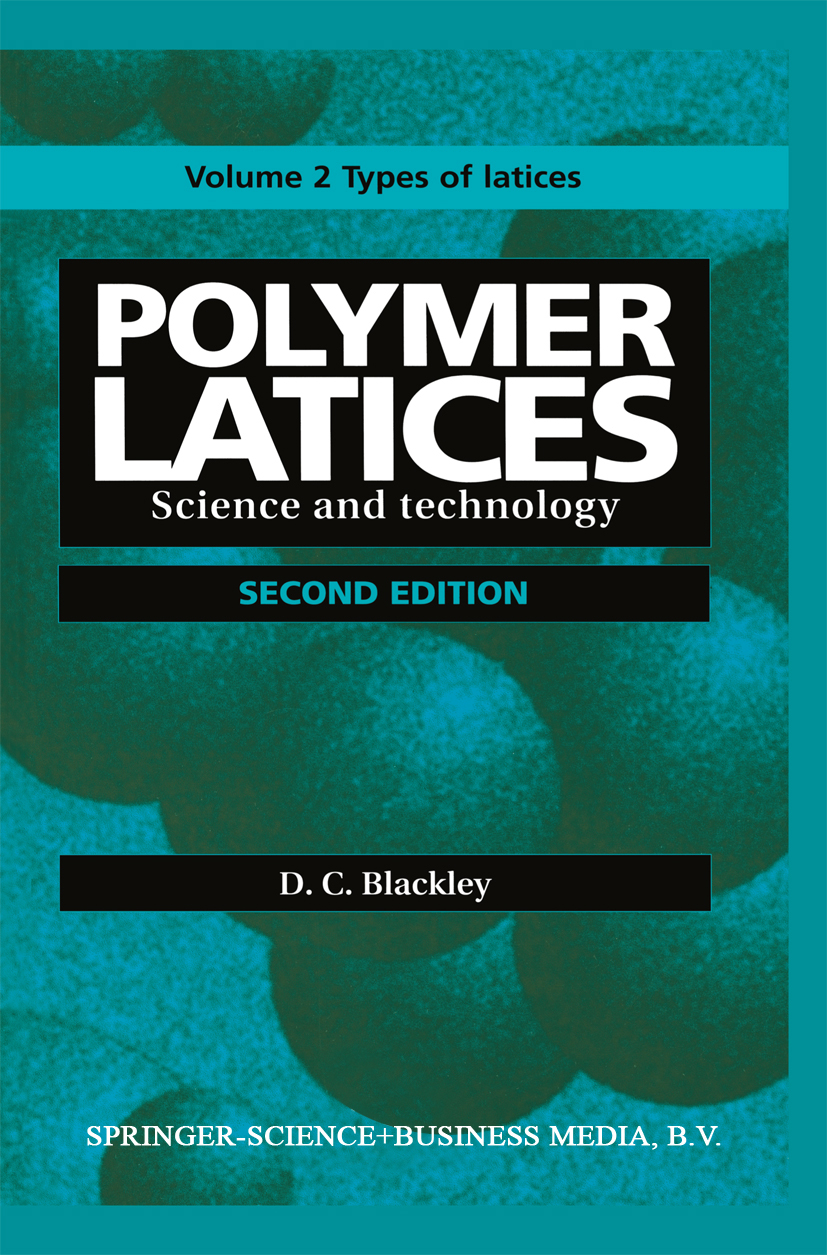
Polymer Latices Polymer Latices, Second Edition is a comprehensive update of the previous edition, High Polymer Latices, taking into account the many developments since it was first published in 1966. It is the only publication to provide such an outstanding and extensive review of latex science and technology, from background theory and principles, to modern day applications. It will prove an invaluable reference source for all those working in the area of latex science and technology, such as colloid chemists, polymer scientists, and materials processors. TECHNOLOGY & ENGINEERING,Materials Science,General
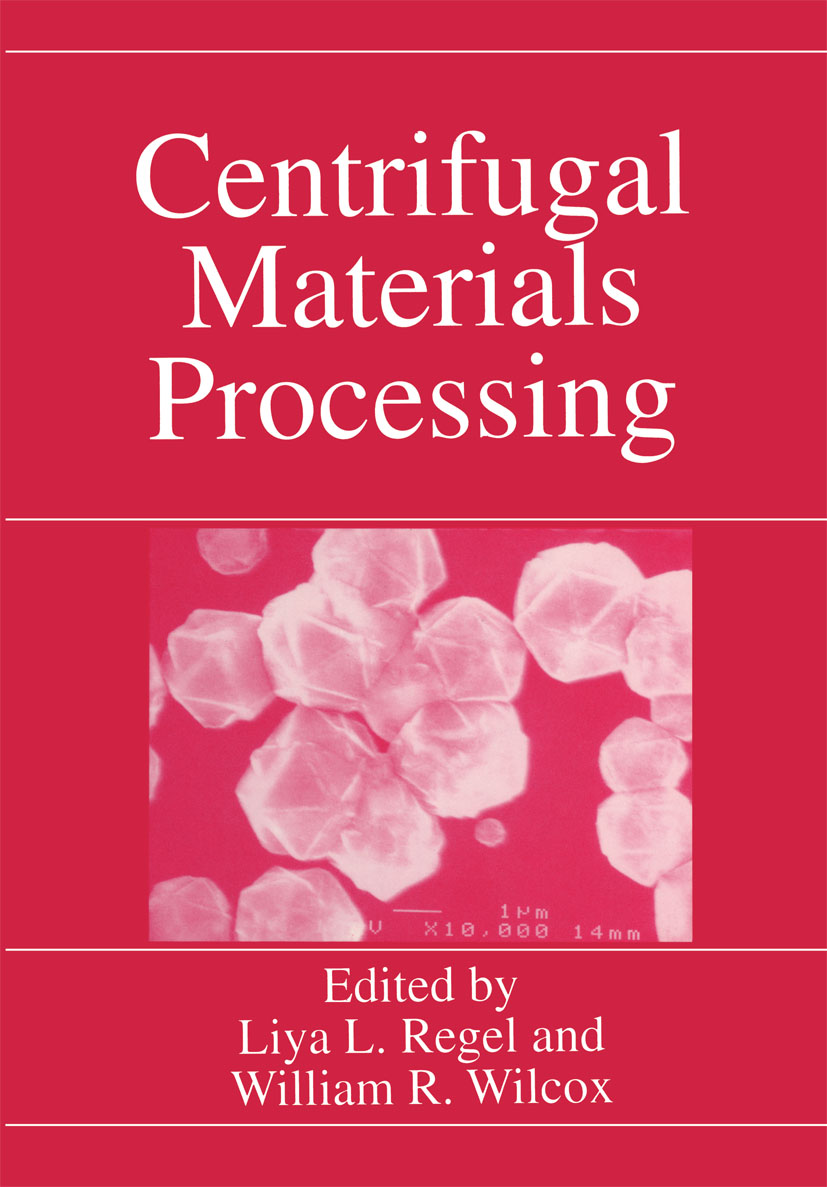
Centrifugal Materials Processing Proceedings of the Third International Workshop on Materials Processing at High Gravity held at Clarkson University, Potsdam, New York, June 2-7, 1996 TECHNOLOGY & ENGINEERING,Materials Science,General
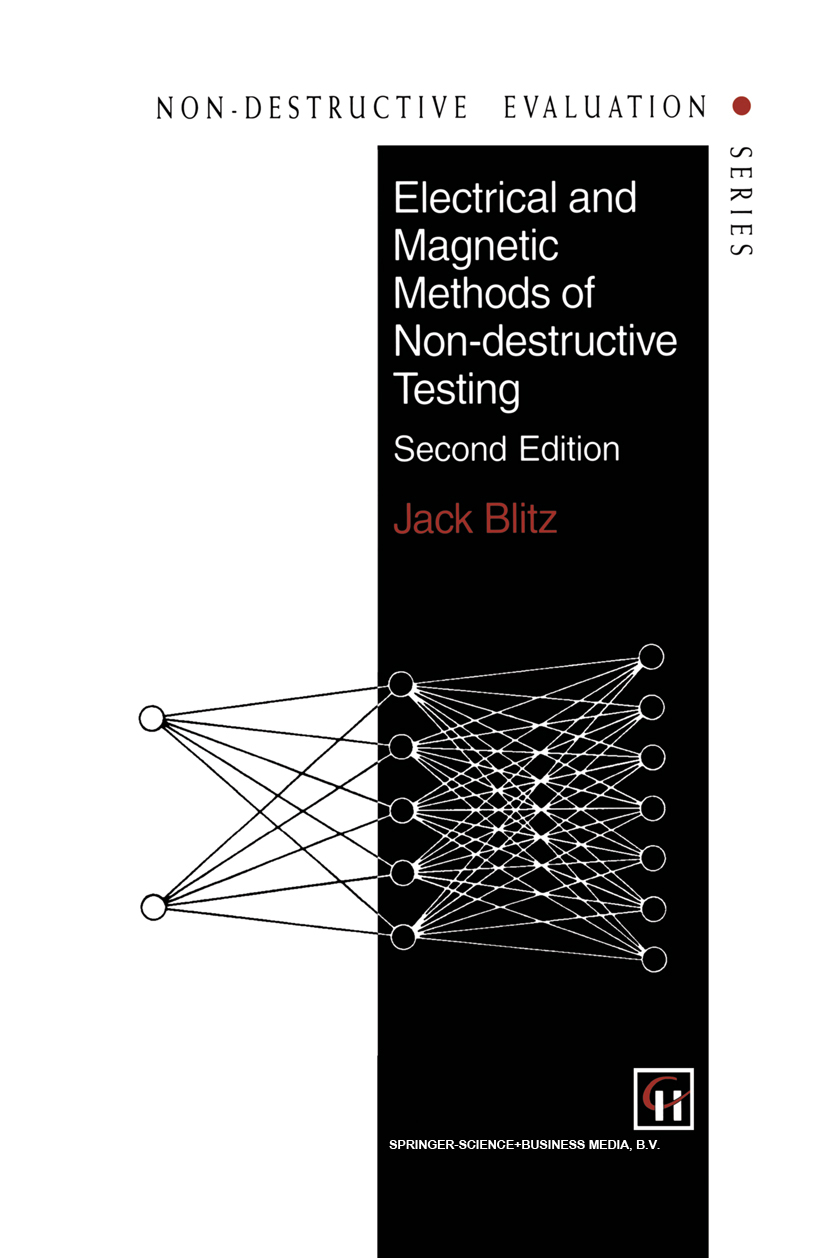
Electrical and Magnetic Methods of Non-destructive Testing This book is intended to help satisfy an urgent requirement for up-to date comprehensive texts at graduate and senior undergraduate levels on the subjects in non-destructive testing (NDT). The subject matter here is confined to electrical and magnetic methods, with emphasis on the widely used eddy current and magnetic flux leakage methods (including particle inspection), but proper attention is paid to other techniques, such as microwave and AC field applications, which are rapidly growing in importance. Theoretical analyses relating to the various methods are discussed and the depths of presentation are often governed by whether or not the information is readily available elsewhere. Thus, for example, a considerable amount of space is devoted to eddy current theory at what the author considers to be a reasonable standard and not, as usually experienced, in either a too elementary manner or at a level appreciated only by a postgraduate theoretical physicist. The inclusion of the introductory chapter is intended to acquaint the reader with some of the philosophy of NDT and to compare, briefly, the relative performances of the more important methods of testing. TECHNOLOGY & ENGINEERING,Materials Science,General
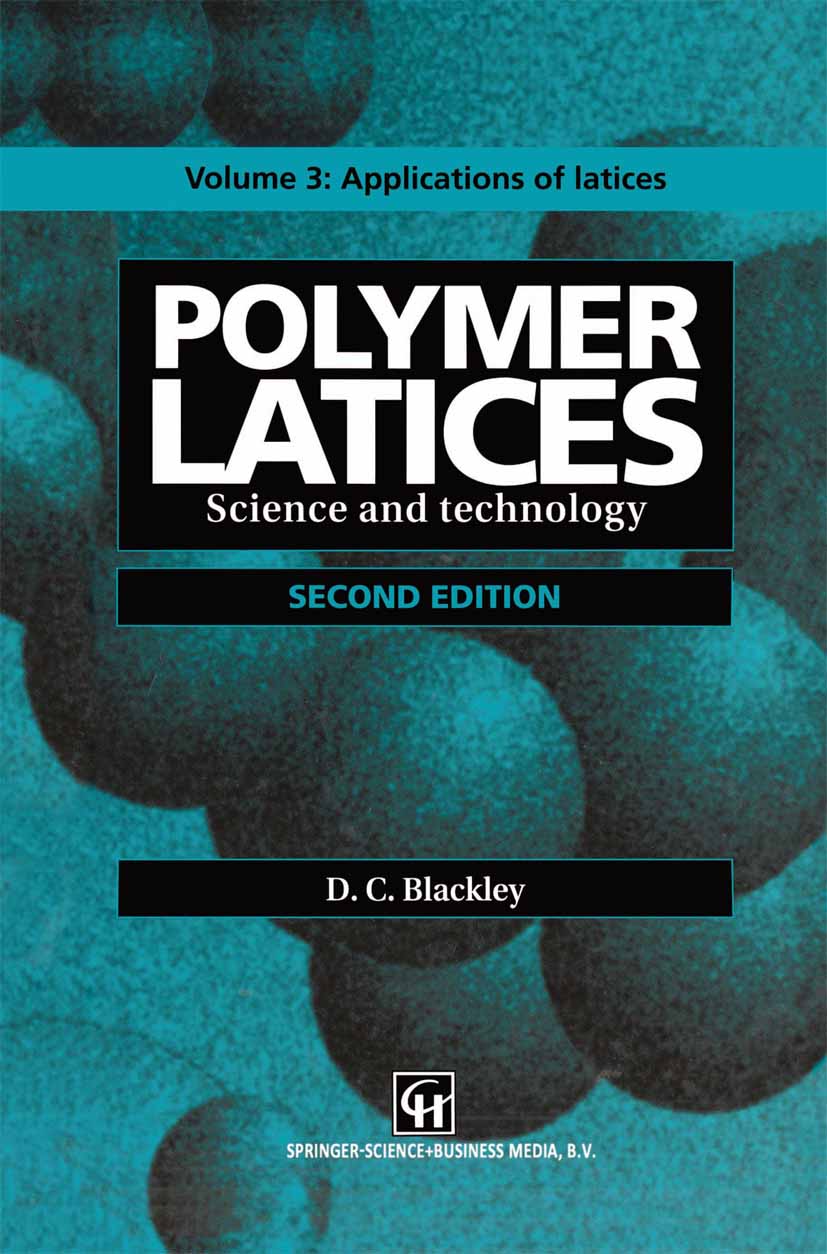
Polymer Latices Polymer Latices, Second Edition is a comprehensive update of the previous edition, High Polymer Latices, taking into account the many developments since it was first published in 1966. It is the only publication to provide such an outstanding and extensive review of latex science and technology, from background theory and principles, to modern day applications. It will prove an invaluable reference source for all those working in the area of latex science and technology, such as colloid chemists, polymer scientists, and materials processors. TECHNOLOGY & ENGINEERING,Materials Science,General
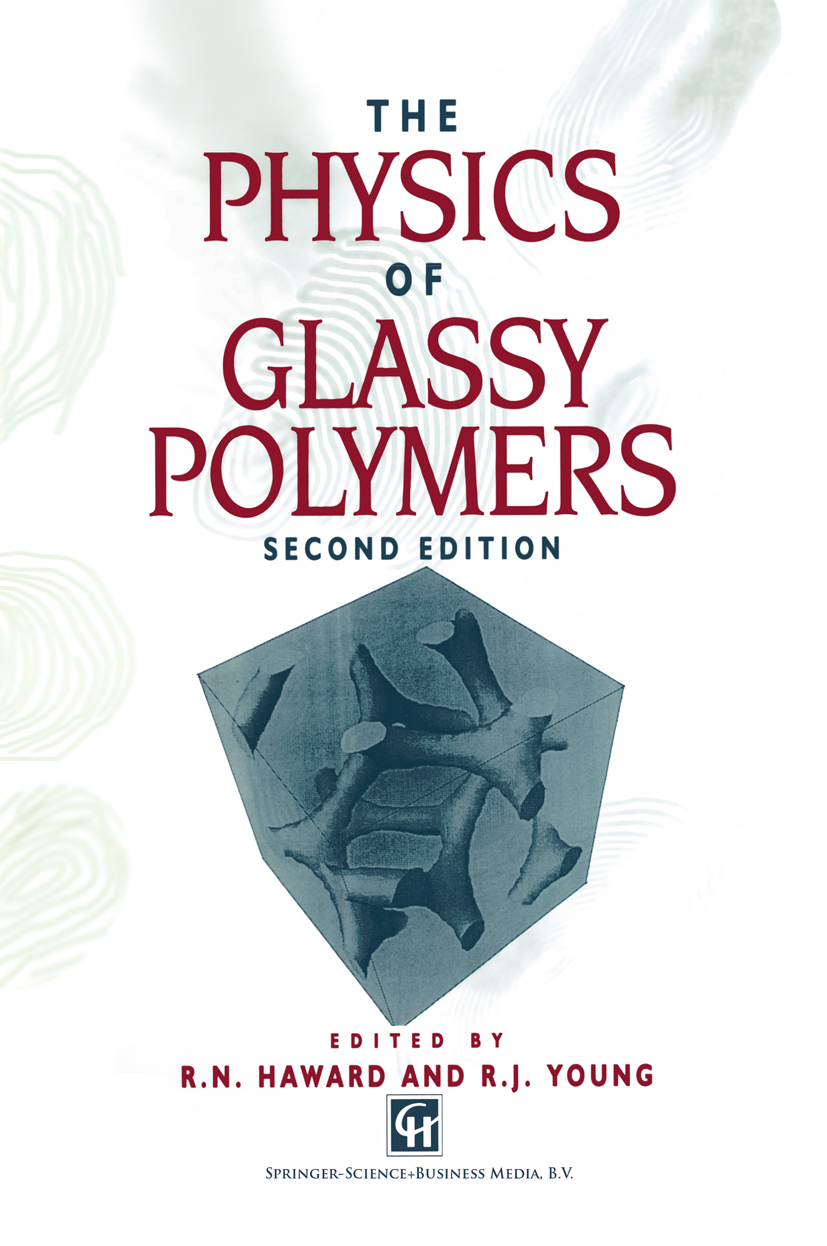
The Physics of Glassy Polymers Since the publication of the first edition of The Physics of Glassy Polymers there have been substantial developments in both the theory and application of polymer physics, and many new materials have been introduced. Furthermore, in this large and growing field of knowledge, glassy polymers are of particular interest because of their homogeneous structure, which is fundamentally simpler than that of crystalline or reinforced materials. This new edition covers all these developments, including the emergence of the polymer molecule with its multiplicity of structure and conformations as the major factor controlling the properties of glassy polymers, using the combined knowledge of a distinguished team of contributors. With an introductory chapter covering the established science in the subject are and summarising concepts assumed in the later chapters, this fully revised and updated second edition is an essential work of reference for those involved in the field. TECHNOLOGY & ENGINEERING,Materials Science,General

Diamond Based Composites Proceedings of the NATO Advanced Research Workshop, St. Petersburg, Russia, June 21-22, 1997 TECHNOLOGY & ENGINEERING,Materials Science,General

The Mixing of Rubber Despite mature applications, advanced technology, and high volume, rubber compounding has never had a book of its own. Today, emerging applications such as tire reclamation and smoke-resistant cables combine with an industry push into engineering materials to create new kinds of compounds with new quality control problems. The Mixing of Rubber has been developed over several years in conjunction with the Farrel Corp./Connecticut Rubber Group course to educate the hands-on compounder and the end user as well. It covers machinery, mixing, process control, quality control, plant operations and mixing advice for specific compounds. Like the course, the book assumes no prior knowledge of rubber compounding but leads the technologist through the process from mix procedure to test. TECHNOLOGY & ENGINEERING,Materials Science,General
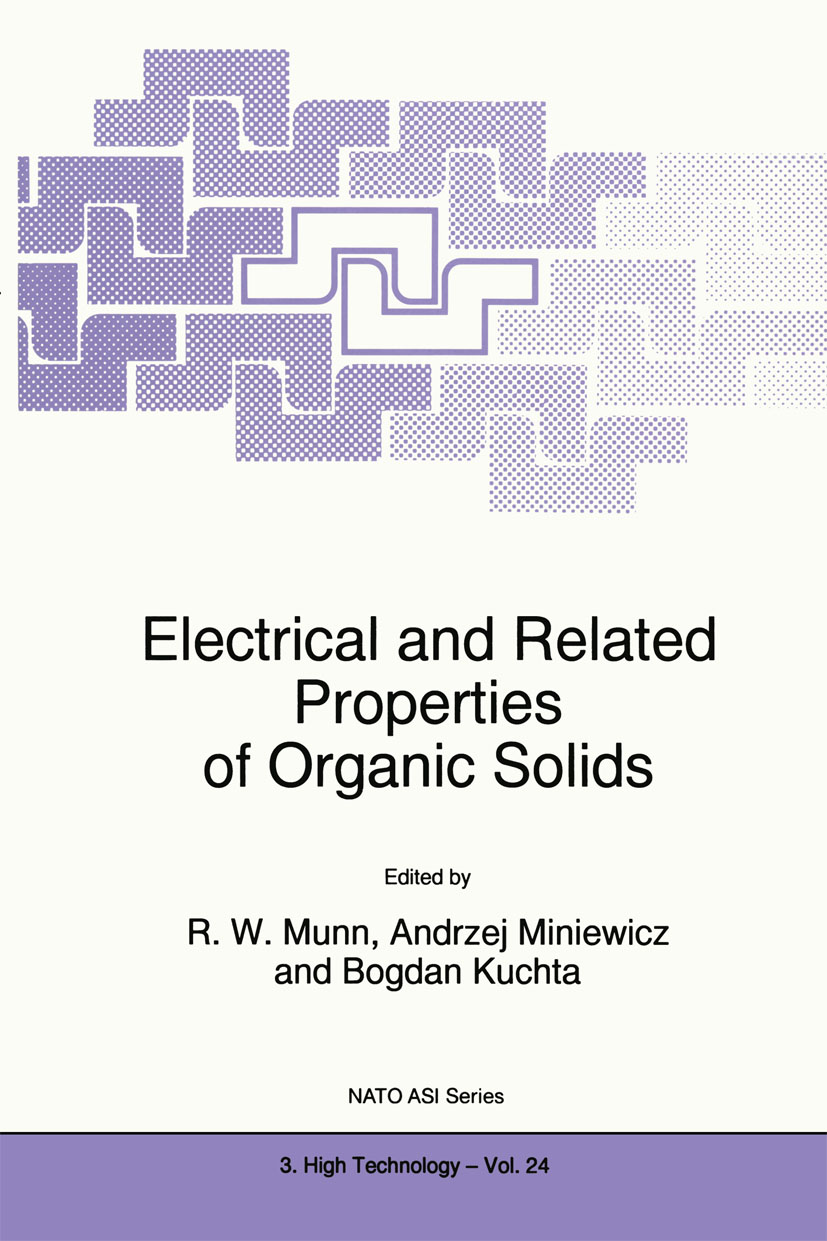
Electrical and Related Properties of Organic Solids Proceedings of the NATO Advanced Research Workshop `ERPOS-7: Electrical and Related Properties of Organic Solids', Polanica Zdrój, Poland, 18-22 June 1996 TECHNOLOGY & ENGINEERING,Materials Science,General
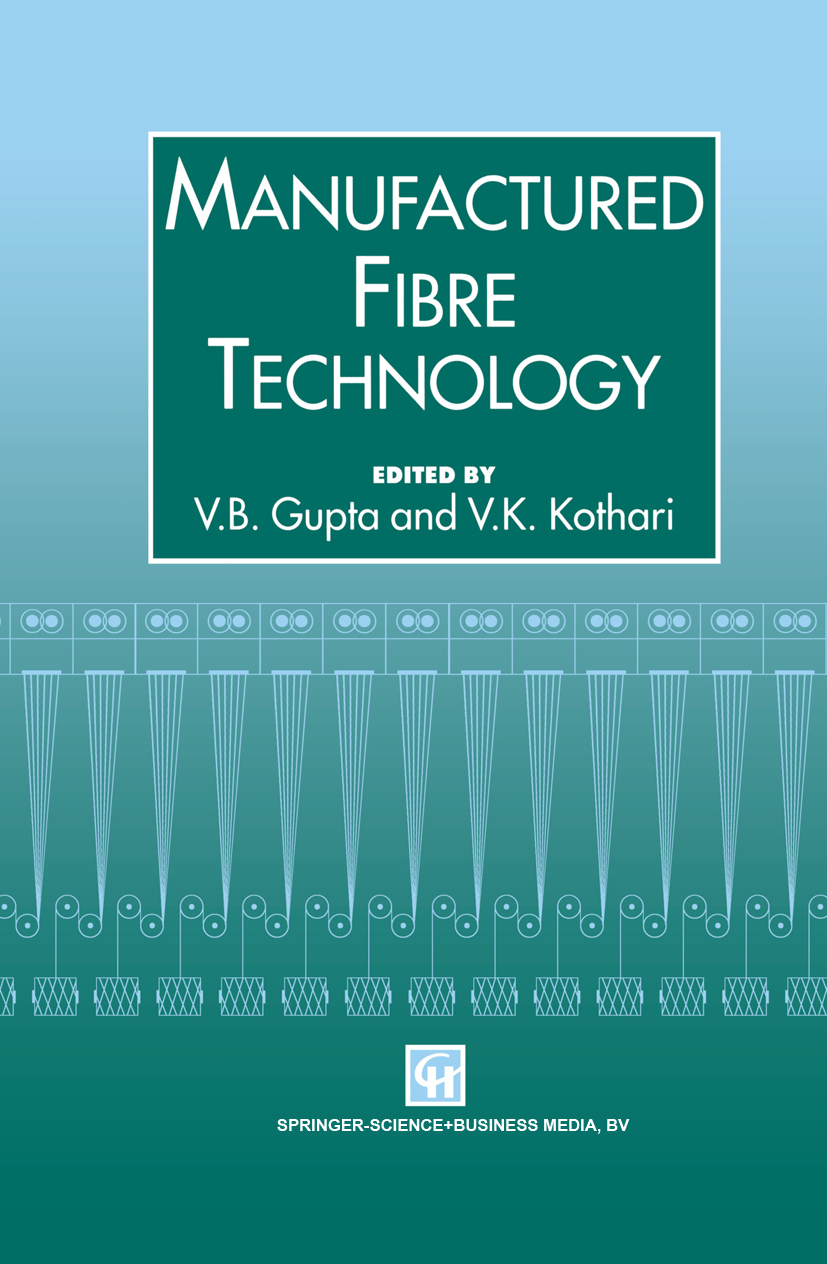
Manufactured Fibre Technology Manufactured Fibre Technology provides an accessible and comprehensive treatment of the chemical, physical and mechanical processes involved in the production of all important commodity manufactured fibres and most of the industrial fibres. The emphasis is on the fundamental principles and industrial aspects of production. Latest developments in manufactured fibres in terms of manufacturing processes, characteristics and their applications are also covered. Manufactured Fibre Technology is designed around twenty chapters with a balance of basic principles and production of specific fibre types. Newer and industrially relevant areas such as high speed spinning, production of speciality fibres (including microfibres), computer simulation of spinning, high performance fibres, spun-bonding and melt-blowing, and re-use of fibre waste are included. The structure, property and application areas of each fibre type are also discussed, thus providing a broad understanding of the subject. In addition, various aspects related to the testing and characterisation of fibres and polymers are reviewed. This book is an invaluable resource to students, lecturers, industrial technologists and researchers in this subject area. TECHNOLOGY & ENGINEERING,Materials Science,General
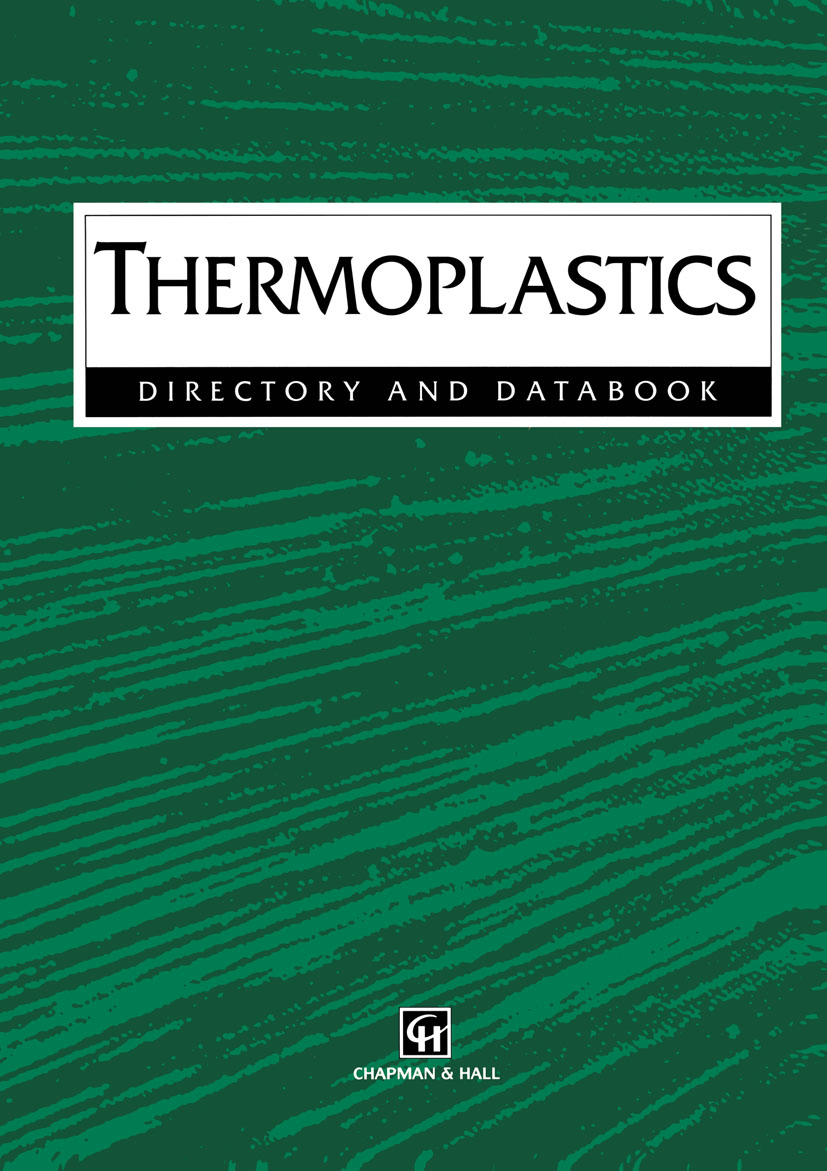
Thermoplastics The overall aim of this book is to aid the process of sourcing and selecting appropriate thermoplastic polymers. There are now a wide diversity of thermoplastics offered for commercial uses. At one end of the range are the high-volume commodity materials for short life consumer applications. Whereas at the other end are the high value engineering materials; with significant levels of mechanical, physical and electrical performance. Within this publication, the generic groups of thermoplastics can be identified, along with their respective attributes and limitations. All thermoplastics are available in different grades. The constituents selected to form a grade are chosen to modify aspects of material behaviour, both during processing and in the final moulded form. The directory addresses materials which can be obtained in granular, powder or paste form for subsequent processing. Information is not provided directly on semi-finished product forms, such as films, fibres, sheet or profiles, other than when inferred from the processing descriptions of specified grades. The directory covers virgin or compounded material. It does not specifically address reclaimed or recycled grades. Data is provided for the mechanical and physical properties of moulded grades as processed by the route intended by the primary manufacturer (M) or compounder (C). Material grades can be obtained from a number of sources; either the original polymer manufacturer or a recognised compounder who produces a range of grades. TECHNOLOGY & ENGINEERING,Materials Science,General
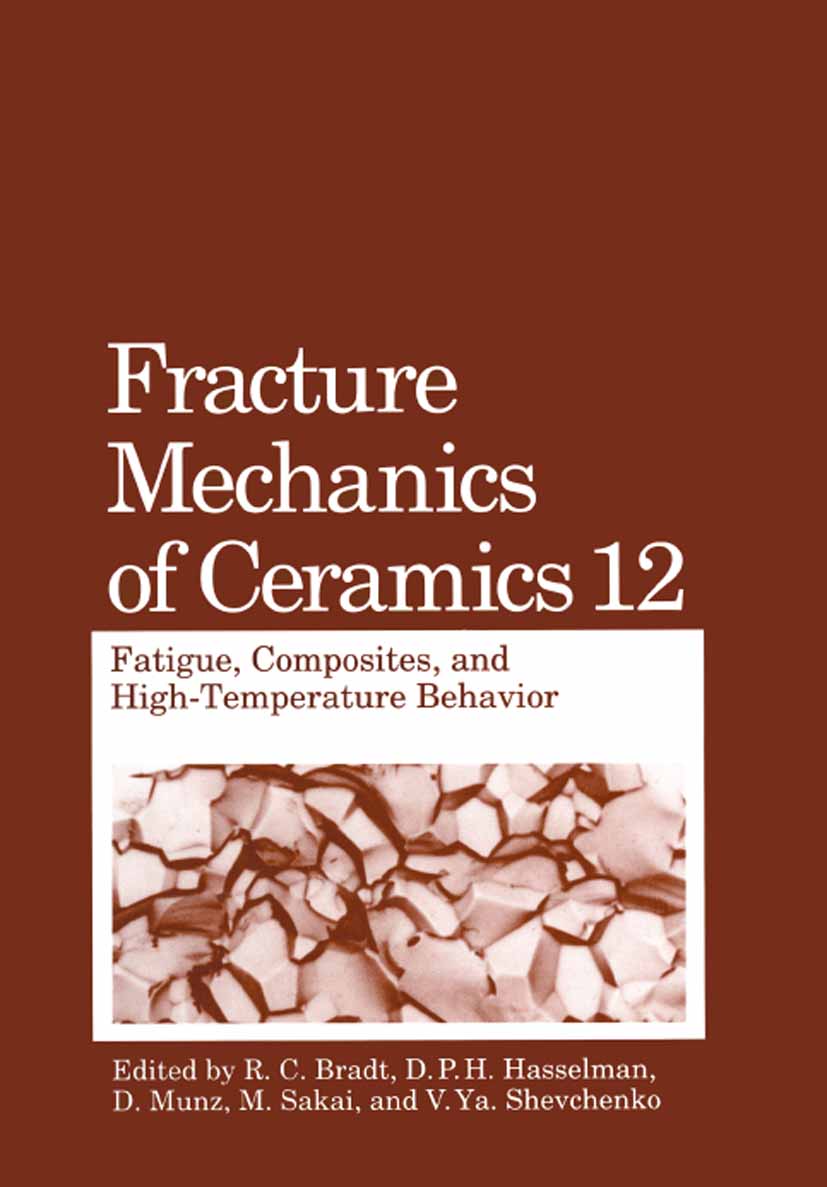
Fracture Mechanics of Ceramics Second part of the proceedings of the Sixth International Symposium held in Karlsruhe, Germany, July 18-20, 1995. TECHNOLOGY & ENGINEERING,Materials Science,General

Physics and Applications of Optical Solitons in Fibres ’95 Proceedings of the Symposium held in Kyoto, November 14-17, 1995 TECHNOLOGY & ENGINEERING,Materials Science,General
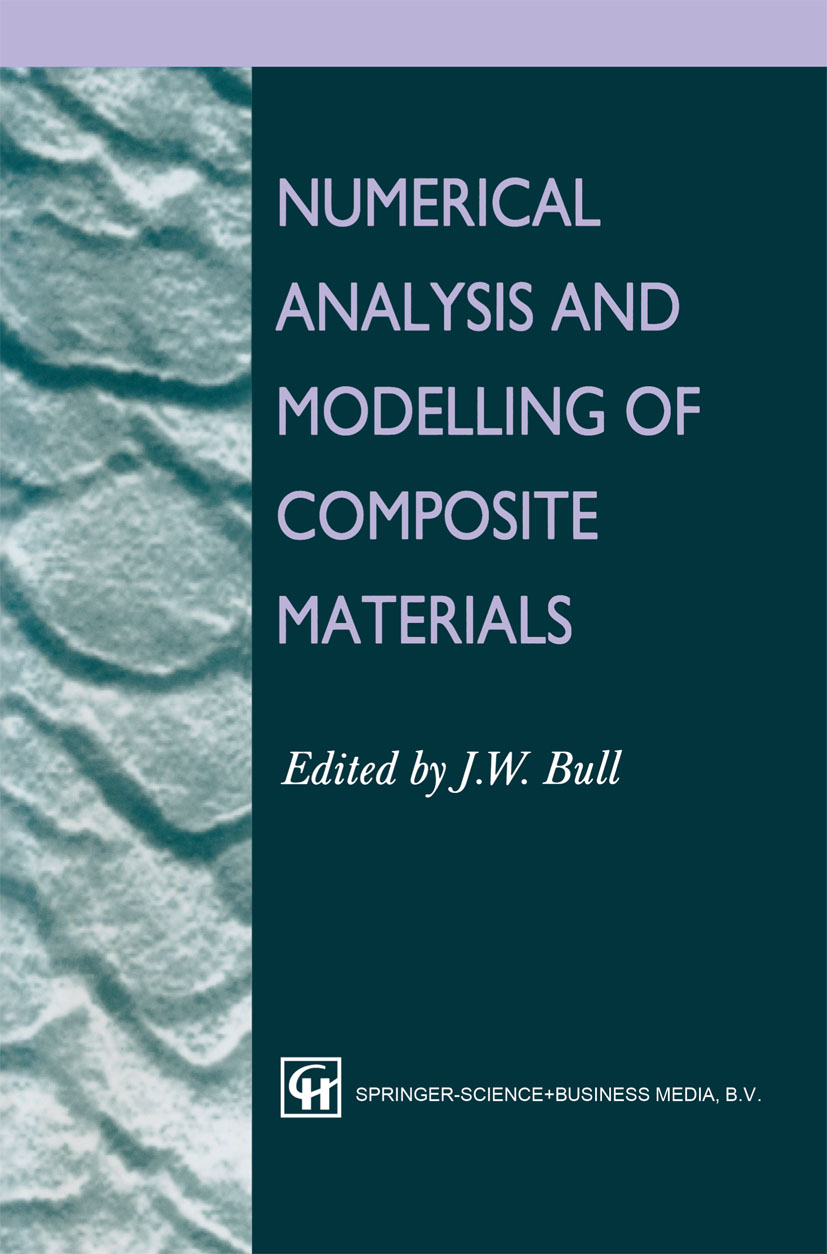
Numerical Analysis and Modelling of Composite Materials Composite materials are increasingly used in many applications because they offer the engineer a range of advantages over traditional materials. They are often used in situations where a specified level of performance is required, but where the cost of testing the materials under the extremes of those specifications is very high. In order to solve this problem, engineers are turning to computer Modelling to evaluate the materials under the range of conditions they are likely to encounter. Many of these analyses are carried out in isolation, and yet the evaluation of a range of composites can be carried out using the same basic principles. In this new book the editor has brought together an international panel of authors, each of whom is working on the analysis and Modelling of composite materials. The overage of the book is deliberately wide; to illustrate that similar principles and methods can be used to model and evaluate a wide range of materials. It is also hoped that, by bringing together this range of topics, the insight gained in the study of one composite can be recognized and utilized in the study of others. Professional engineers involved in the specification and testing of composite material structures will find this book an invaluable resource in the course of their work. It will also be of interest to those industrial and academic engineers involved in the design, development, manufacture and applications of composite materials. TECHNOLOGY & ENGINEERING,Materials Science,General
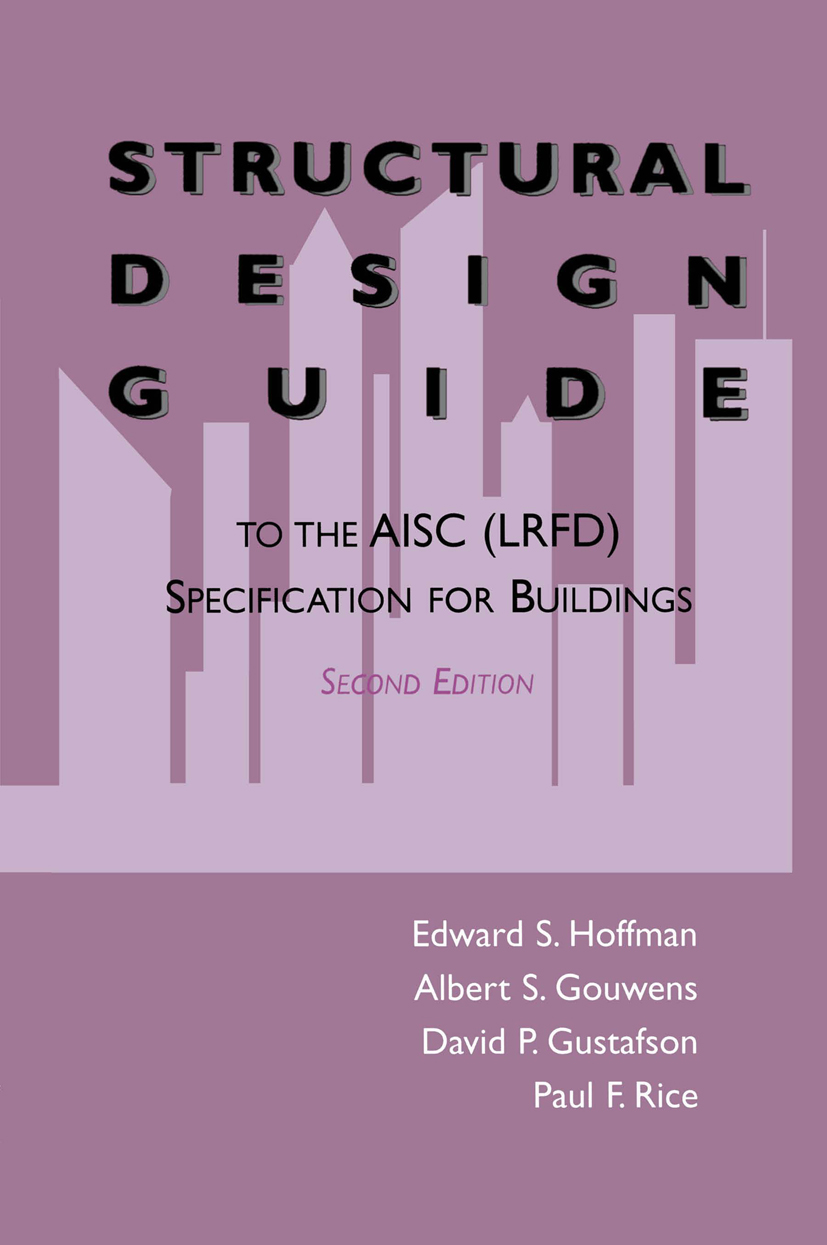
Structural Design Guide I I This book is intended to guide practicing structural engineers into more profitable routine designs with the AISC Load and Resistance Factor Design Specification (LRFD) for structural steel buildings. LRFD is a method of proportioning steel structures so that no applica ble limit state is exceeded when the structure is subjected to all appro priate factored load combinations. Strength limit states are related to safety, and concern maximum load carrying capacity, Serviceability limit states are related to performance under service load conditions such as deflections. The term "resistance" includes both strength states and serviceability limit states. LRFD is a new approach to the design of structural steel for buildings. It involves explicit consideration of limit states, multiple load factors and resistance factors, and implicit probabilistic determination of relia bility. The type of factoring used by LRFD differs from the allowable stress design of Chapters A through M of the 1989 Ninth Edition of the AISC Specifications for Allowable Stress Design, where only the resistance is divided by a factor of safety to obtain an allowable stress, and from the plastic design provisions of Chapter N, where the loads are multi plied by a common load factor of 1.7 for gravity loads and 1.3 for gravity loads acting with wind or seismic loads. LRFD offers the structural engineer greater flexibility, rationality, and economy than the previous 1989 Ninth Edition of the AISC Specifications for Allowable Stress Design. TECHNOLOGY & ENGINEERING,Materials Science,General
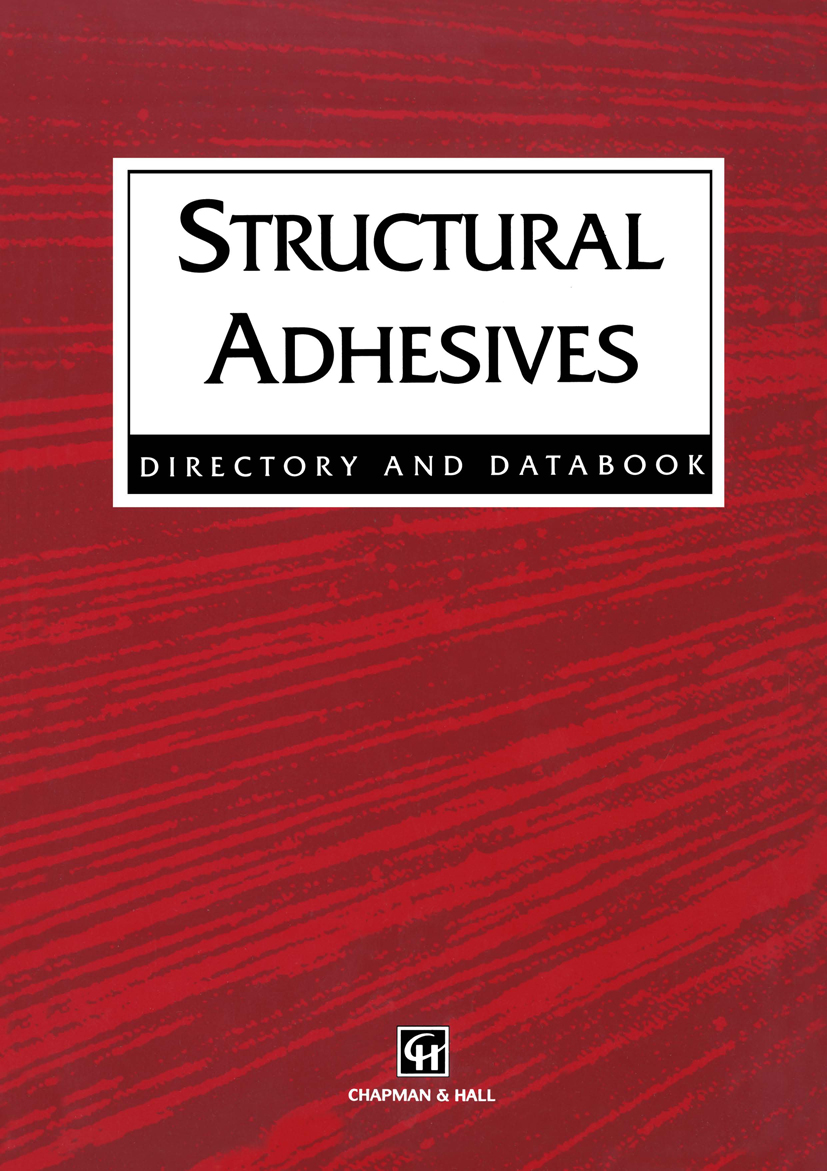
Structural Adhesives A worldwide directory of commercially available adhesive products for use in a wide range of engineering disciplines. Along with product names and suppliers, basic property data are tabulated and cross-referenced. The book is subdivided according to class of adhesive, with introductions to each class followed by comparison tables and datasheets for each adhesive. The datasheets contain detailed information, from product codes to environmental properties and are therefore of interest across a broad readership. Standardized data will aid the user in cross-comparison between different manufacturers and in easily identifying the required information. TECHNOLOGY & ENGINEERING,Materials Science,General
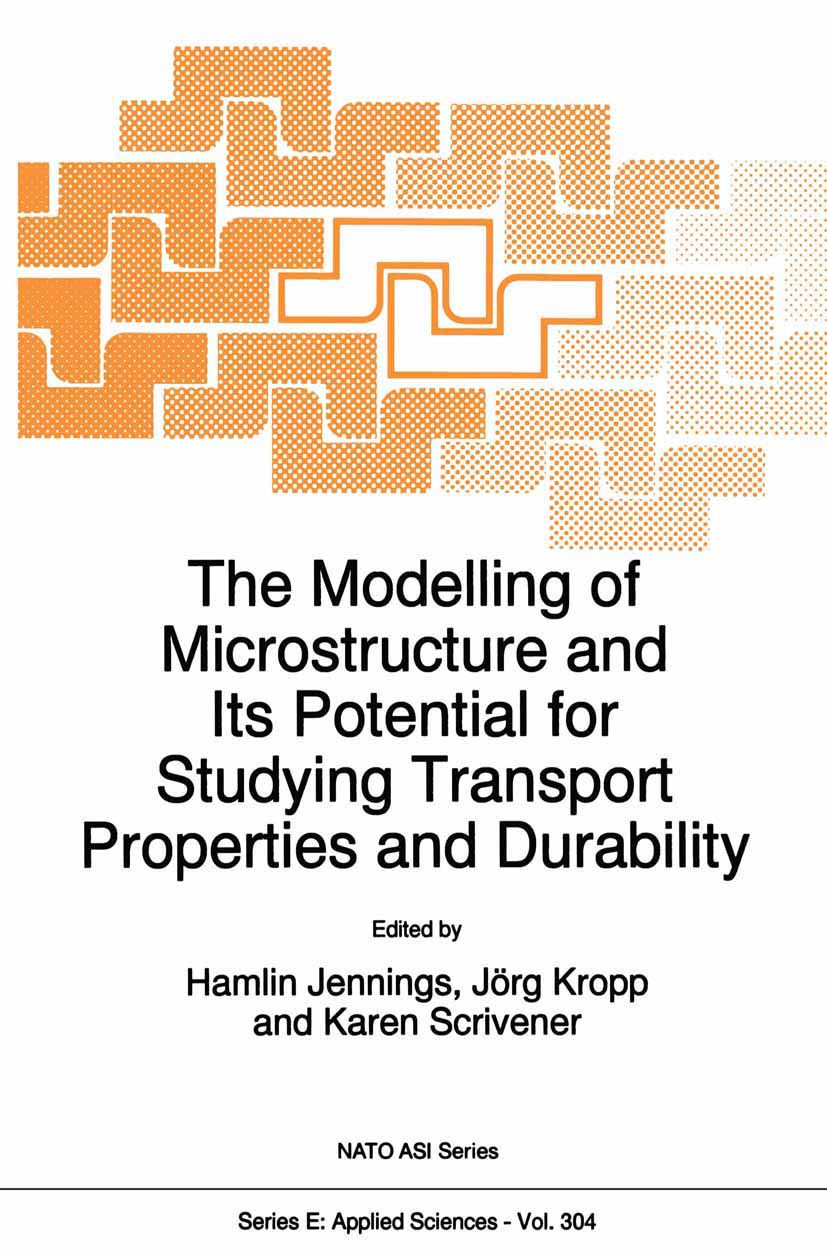
The Modelling of Microstructure and its Potential for Studying Transport Properties and Durability Proceedings of the NATO Advanced Research Workshop, Saint-Rémy-lès-Chevreuse, France, July 10-13, 1994 TECHNOLOGY & ENGINEERING,Materials Science,General
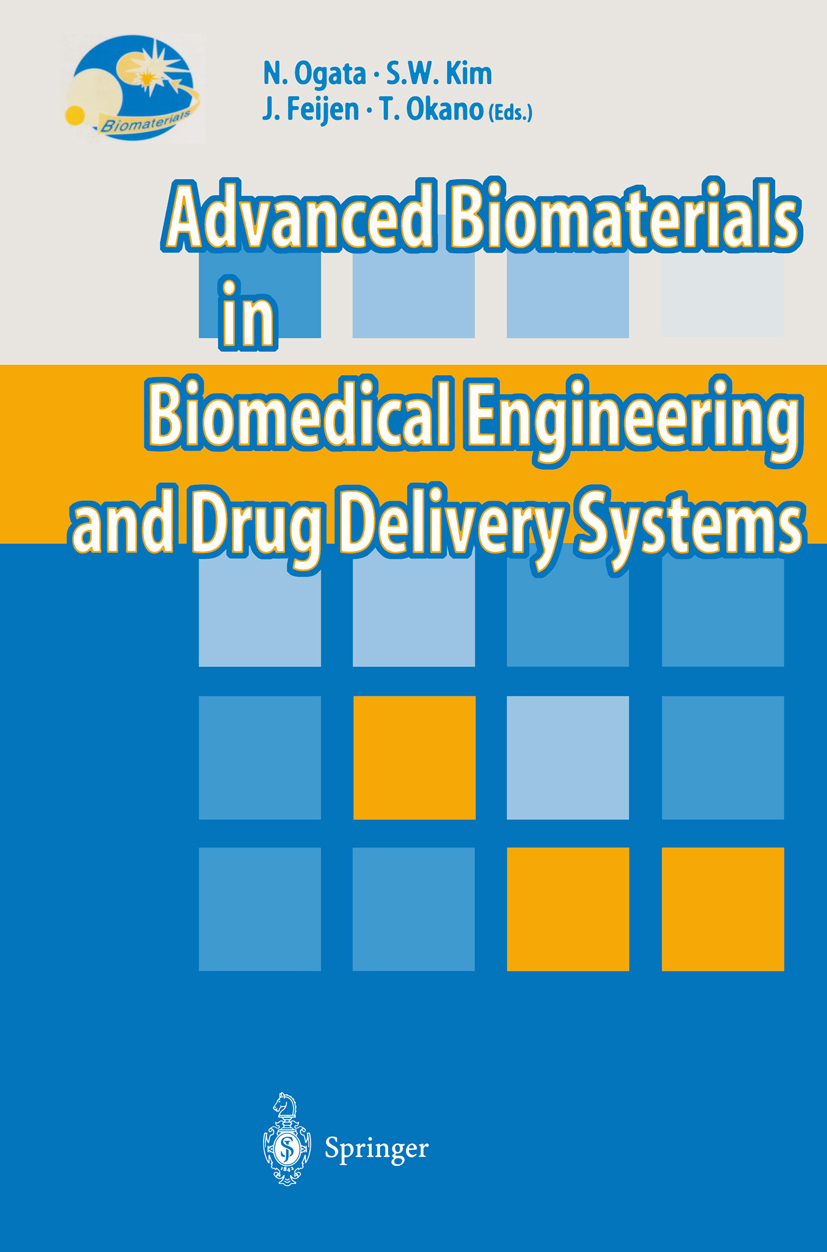
Advanced Biomaterials in Biomedical Engineering and Drug Delivery Systems First of all, I would like to share the great pleasure of the successful five-day symposium with every participant in the 5th Iketani Conference which was held in Kagoshima from April1S (Tuesday) to 22 (Saturday), 1995. Outstanding speakers enthusiastically presented their up-to-the-minute results. Relatively little time was allotted for each presentation to ensure asdnuch time· as possible for intensive discussions on the particular topics that had just been p~esented: I was delighted to see that the lectures were of high quality, and the discu,ssionswere lively, exciting, and productive in a congenial atmosphere. We also had 92 papers in the poster ·session, in which young (and relatively young) scientists made every effort to present the novel results of their research in advanced biomaterials and drug delivery systems (DDS). I believe some of the research is most promising and will become noteworthy in the twenty-first century. It was a privilege for me to deliver a lecture at the special session of the symposium. In my introductory remarks, I pointed out five key terms in multifaceted biomaterials research: materials design, concept or methodology, devices, properties demanded, and fundamentals. I am confident that innovative progress in device manufacturing for end-use, e.g., artificial organs, vascular grafts, and DDS, can be brought about only through properly designed advanced materials that exhibit the desired functionality at the interface with any living body. TECHNOLOGY & ENGINEERING,Materials Science,General
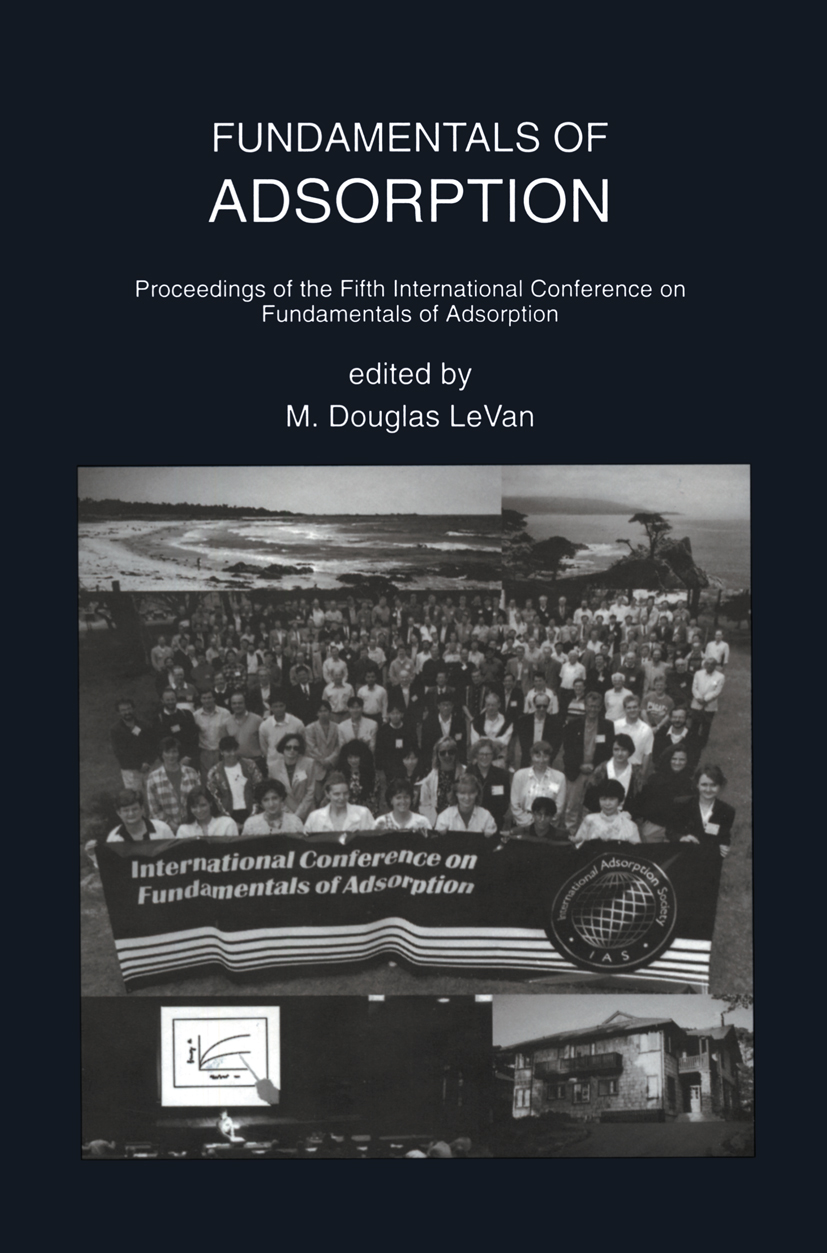
Fundamentals of Adsorption Proceedings of the Fifth International Conference on Fundamentals of Adsorption TECHNOLOGY & ENGINEERING,Materials Science,General
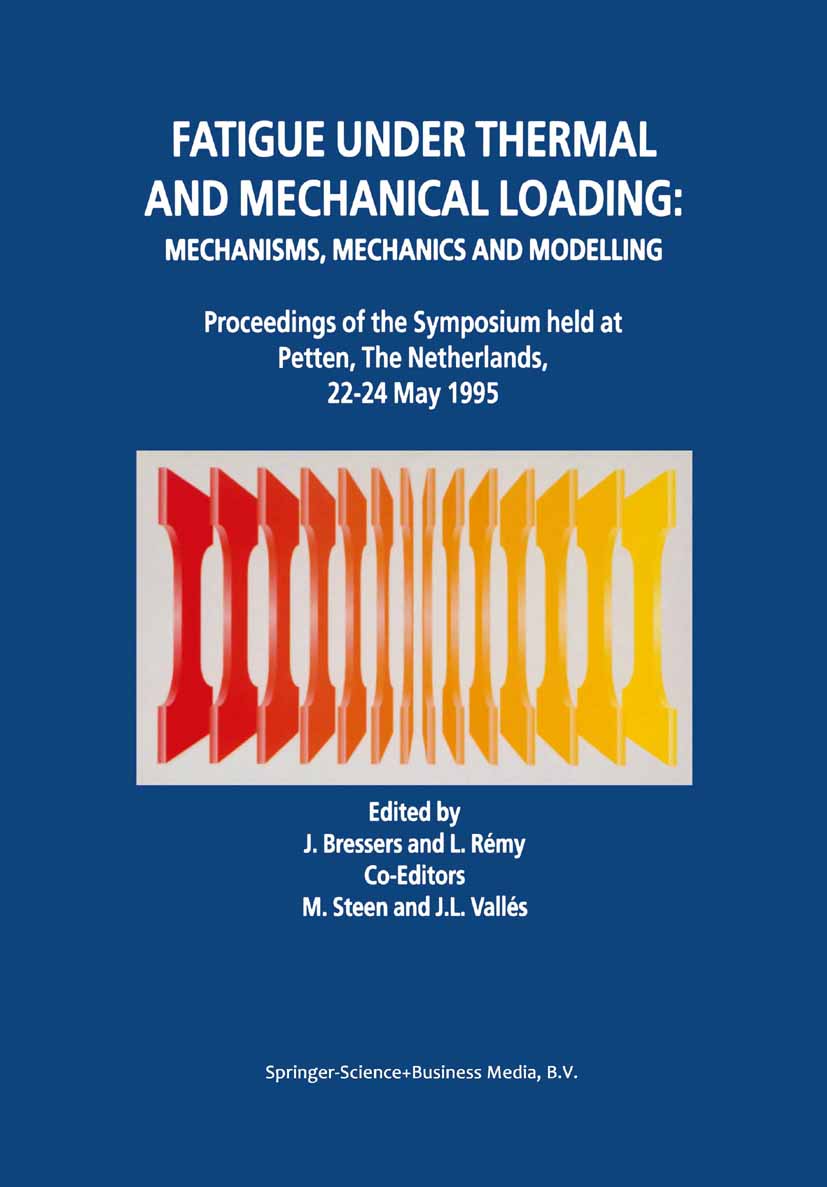
Fatigue under Thermal and Mechanical Loading Proceedings of the Symposium held at Petten, the Netherlands, 22-24 May 1995 TECHNOLOGY & ENGINEERING,Materials Science,General
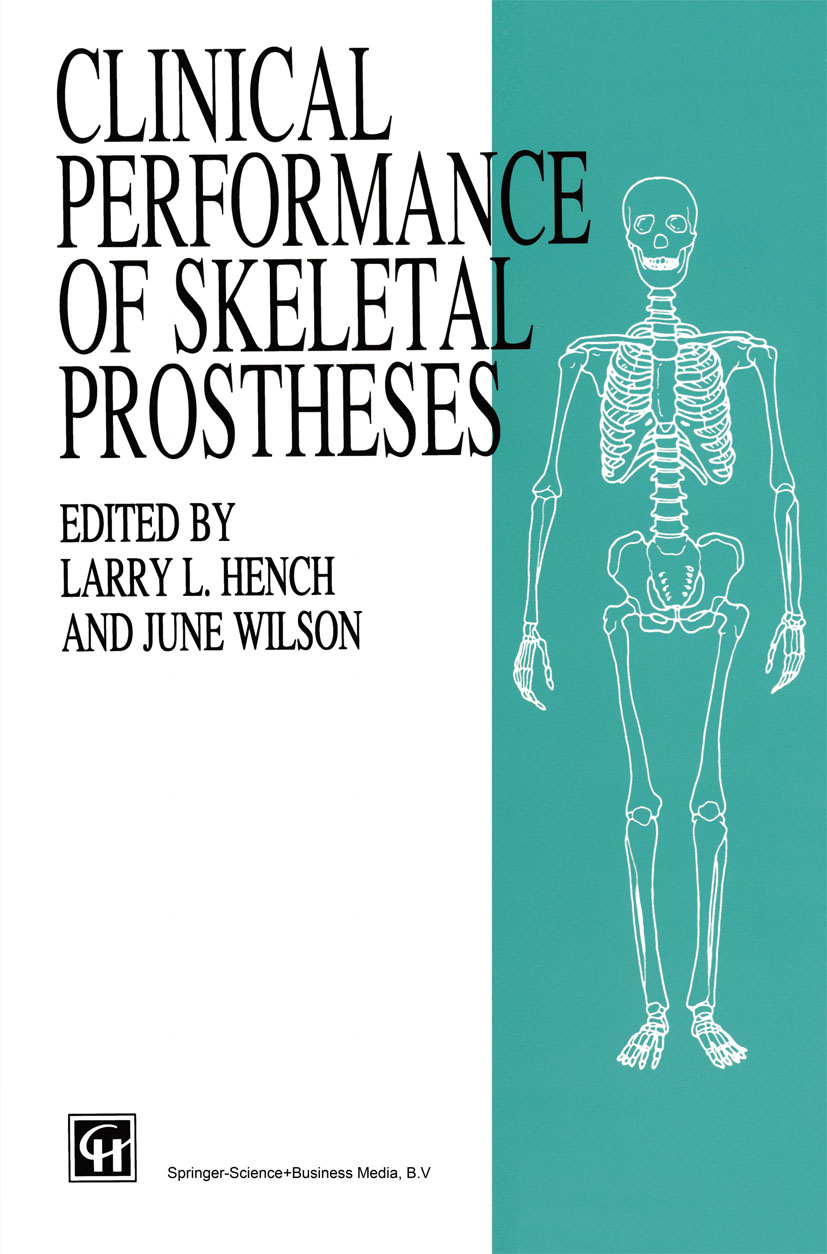
Clinical Performance of Skeletal Prostheses Larry L. Hench June Wilson OBJECTIVE Millions of people presently enjoy an improved quality of life due to prostheses which repair, augment or replace parts of their skeletal system: bones, joints, teeth, etc. However, all replacement parts have a finite probability of survival. The goal of this book is to compare the survivability data for various skeletal prosthesis systems. All data derive from previously published clinical studies. Where possible statistical comparisons are made and the reasons for failure are discussed. THE NEED FOR SKELETAL PROSTHESES We are an aging population with more than 100 million people in the U. S. and Europe over the age of 50 years. An unfortunate consequence of aging is a progressive deterioration of the quality of skeletal tissues. From the age of 30 years there is a decrease in bone mass for both men and women (Fig. 1. 1). However, for women it is much greater and between 40 and 60 years of age the rate of deterioration of long bones and vertebrae of women is especially severe due to hormonal changes. By the age of 70 most women will have lost from 35 to 60% of their bone mass. The loss of volume of cancellous or trabecular bone leads to a large decrease in mechanical compressive strength (Fig. 1. 2). The clinical consequence is an increasing incidence of vertebral collapse. Cortical bone decreases in tensile strength with age (Fig. 1. TECHNOLOGY & ENGINEERING,Materials Science,General

Application of Particle and Laser Beams in Materials Technology Proceedings of the NATO Advanced Study Institute, Kallithea, Chalkidiki, Greece, May 8--21, 1994 TECHNOLOGY & ENGINEERING,Materials Science,General
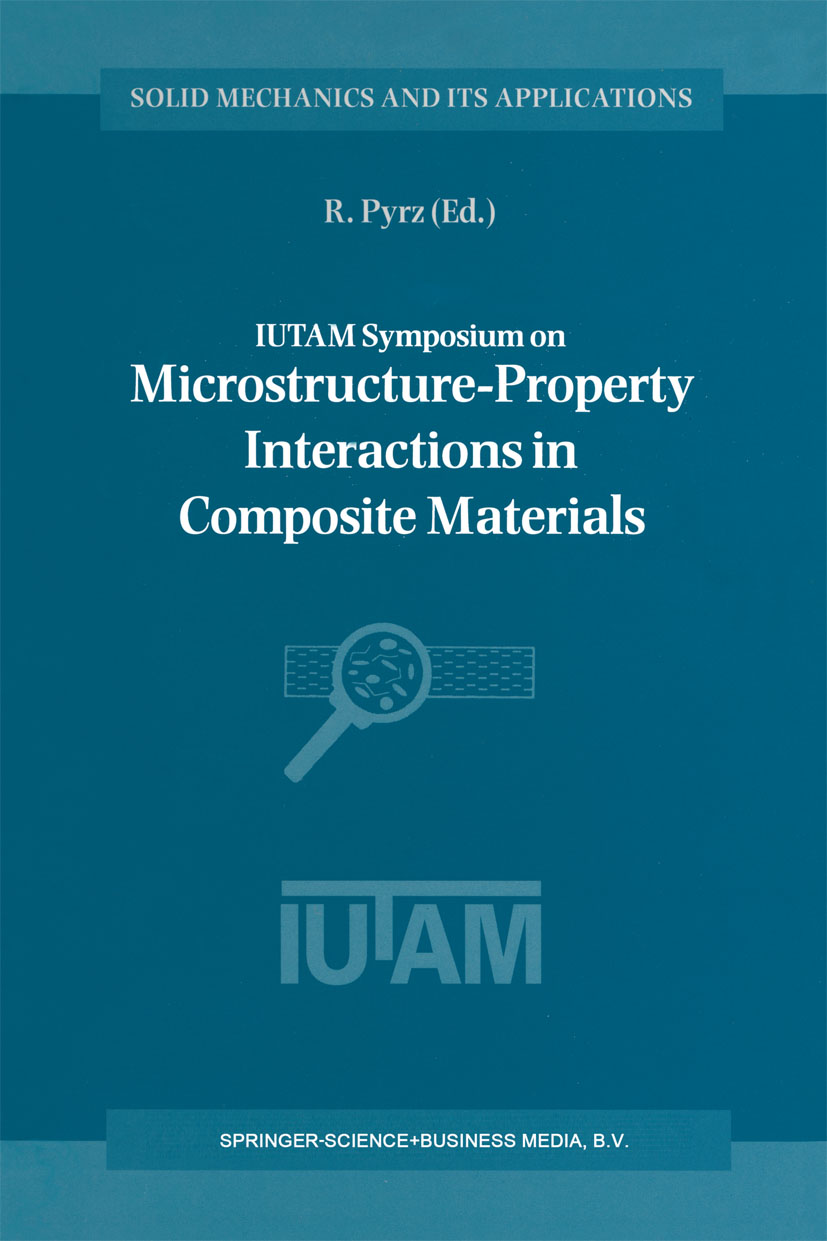
IUTAM Symposium on Microstructure-Property Interactions in Composite Materials Proceedings of the IUTAM Symposium held in Aalborg, Denmark, 22--25 August 1994 TECHNOLOGY & ENGINEERING,Materials Science,General
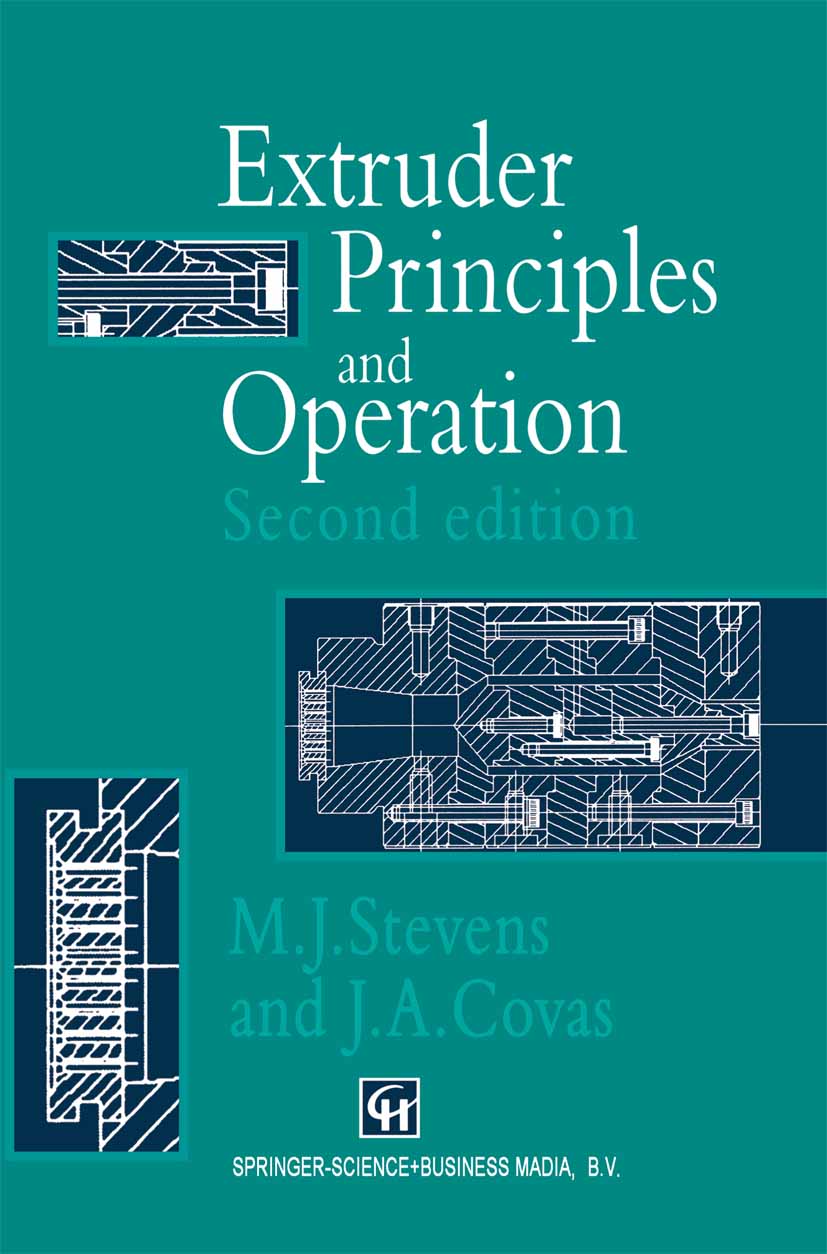
Extruder Principles and Operation This book is intended to fill a gap between the theoretical studies and the practical experience of the processor in the extrusion of thermoplastic polymers. The former have provided a basis for numerical design of extruders and their components, but generally give scant attention to the practical performance, especially to the conflict between production rate and product quality. In practice extruders are frequently purchased to perform a range of duties; even so, the operator may have to use a machine designed for another purpose and not necessarily suitable for the polymer, process or product in hand. The operator's experience enables him to make good product in unpromising circumstances, but a large number of variables and interactions often give apparently contradictory results. The hope is that this book will provide a logical background, based on both theory and experience, which will help the industrial processor to obtain the best performance from his equipment, to recognize its limitations, and to face new problems with confidence. Mathematics is used only to the extent that it clarifies effects which cannot easily be expressed in words; ifit is passed over, at least a qualitative understanding should remain. The approximate theory will not satisfy the purist, but this seems to the authors less important than a clear representation of the physical mechanisms on which so much of the polymer processing industry depends. M. J. STEVENS J. A. TECHNOLOGY & ENGINEERING,Materials Science,General
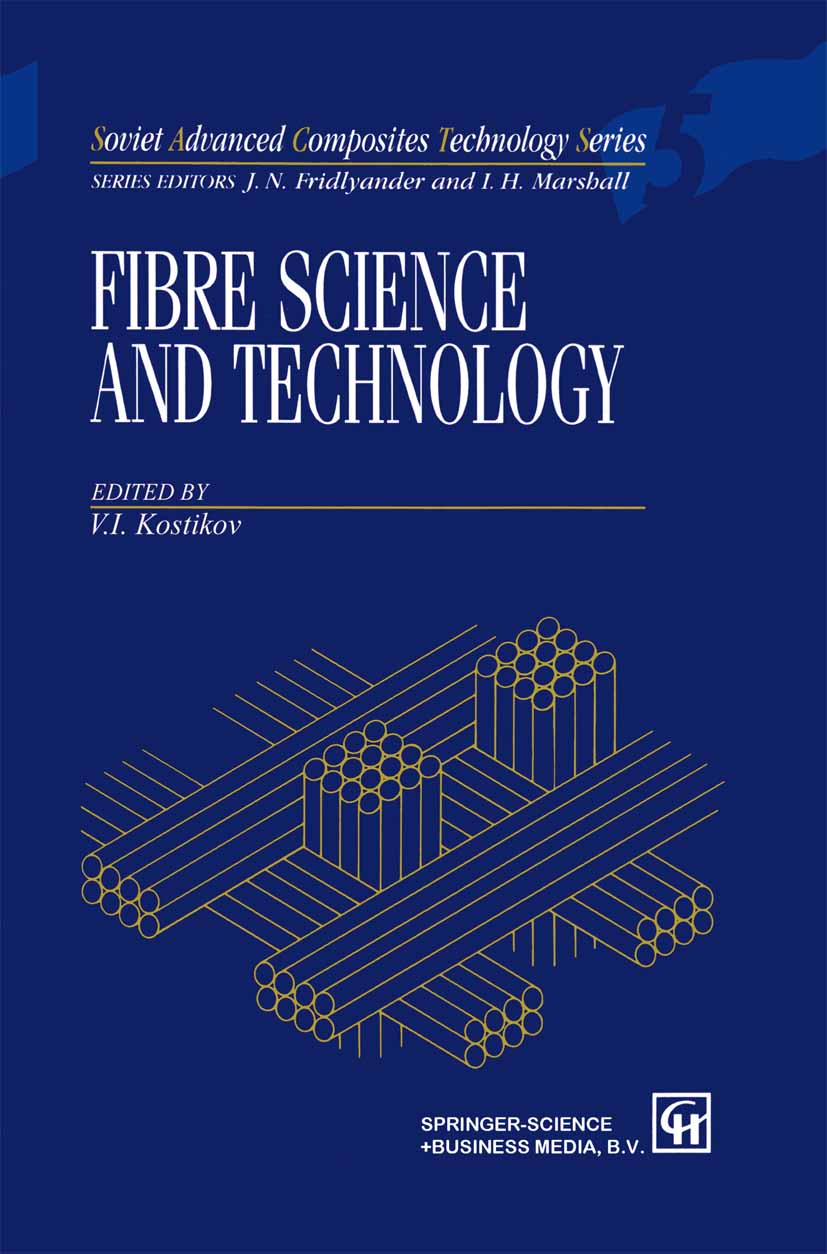
Fibre Science and Technology Fibre Science and Technology is one of six titles in a coherent and definitive series of volumes dedicated to advanced composite materials research, development and usage in the former Soviet Union. Much of the information presented has been classified until recently. Thus each volume provides a unique insight into hitherto unknown research and development data. This volume deals with the basic components of a composite material, namely the reinforcement and the encasing matrix material. Beginning with a specification of a range of reinforcing fibres (glass, carbon, organic, inorganic, ceramic), the book then considers in detail the development of such fibres and the significant range of properties achieved. An extensive test methodology used to evaluate the physical and mechanical properties of each type of fibre matrix combination is presented, and the production method employed for each constituent part is described. This book will be of interest to anyone involved in research or development in composite materials science and technology, both in industry and universities. TECHNOLOGY & ENGINEERING,Materials Science,General
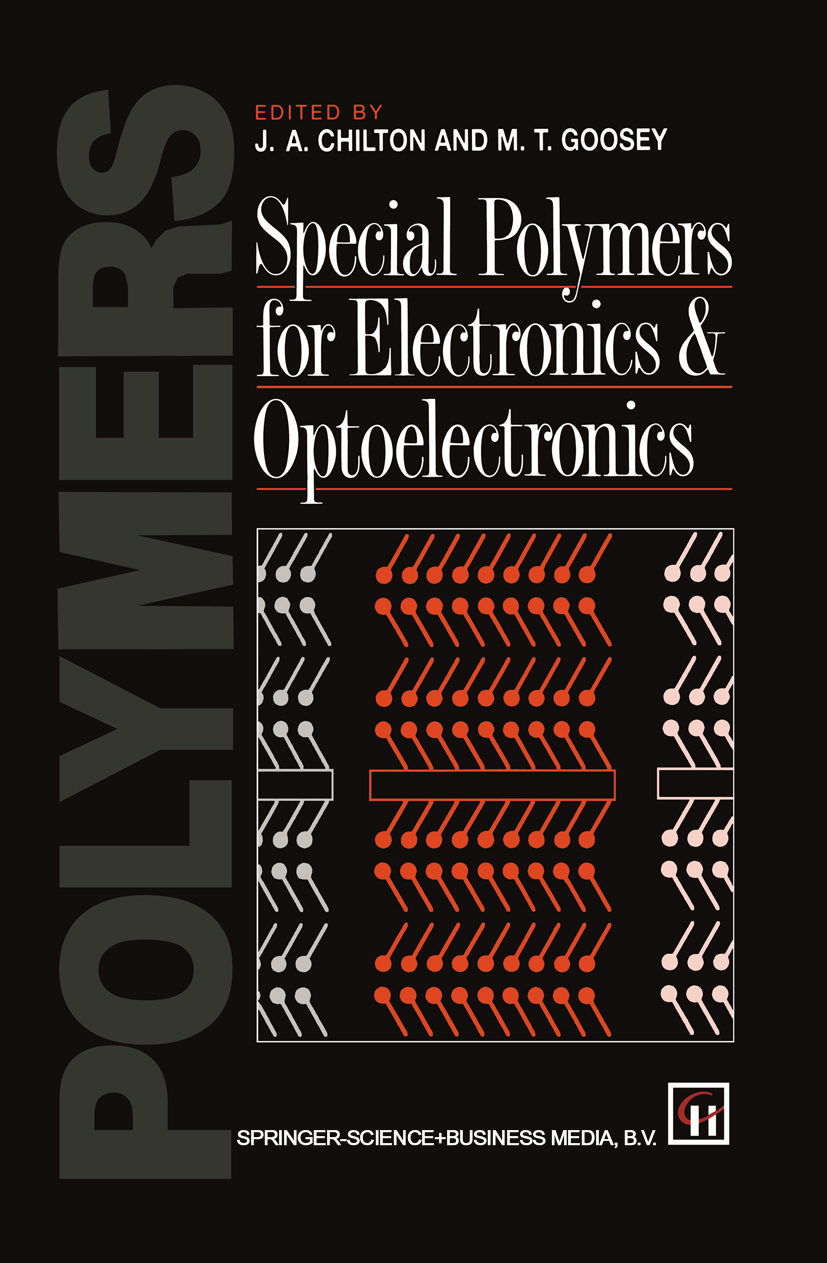
Special Polymers for Electronics and Optoelectronics Commercially successful fully synthetic polymeric materials were pro duced in the early years of this century, the first example being Bakelite. This was made from phenol and formaldehyde by Leo Bakeland in 1909. Before the end of the 1920s, a large number of other synthetic polymers had been created, including polyvinyl chloride and urea-formaldehyde. Today, there are literally hundreds of synthetic polymers commercially available with ranges of properties making them suitable for applications in many industrial sectors, including the electrical and electronics industries. In many instances the driving force behind the development of new materials actually came from the electronics industry, and today's advanced electronics would be inconceivable without these materials. For many years polymers have been widely used in all sectors of the electronics industry. From the early days of the semiconductor industry to the current state of the art, polymers have provided the enabling technologies that have fuelled the inexorable and rapid development of advanced electronic and optoelectronic devices. TECHNOLOGY & ENGINEERING,Materials Science,General
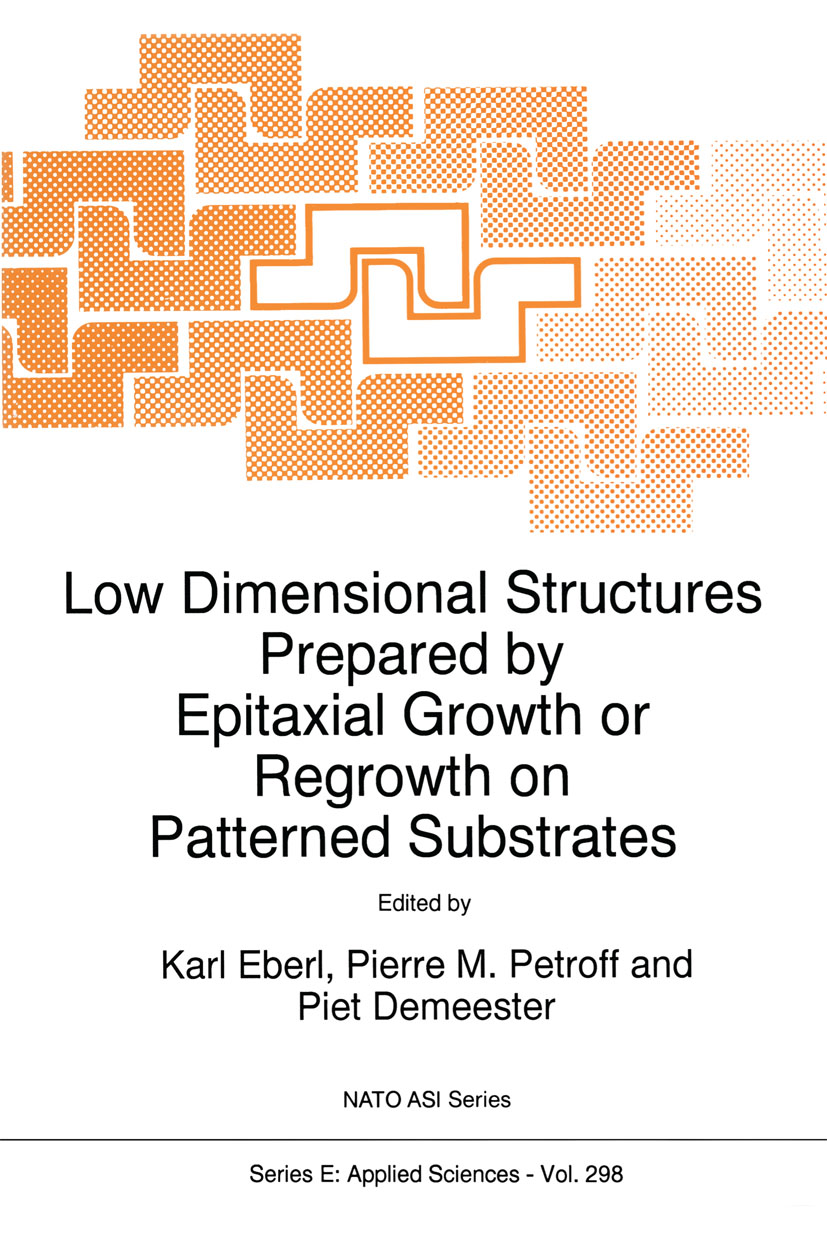
Low Dimensional Structures Prepared by Epitaxial Growth or Regrowth on Patterned Substrates Proceedings of the NATO Advanced Research Workshop, Ringberg in Rottach Egern, Germany, February 20--24, 1995 TECHNOLOGY & ENGINEERING,Materials Science,General
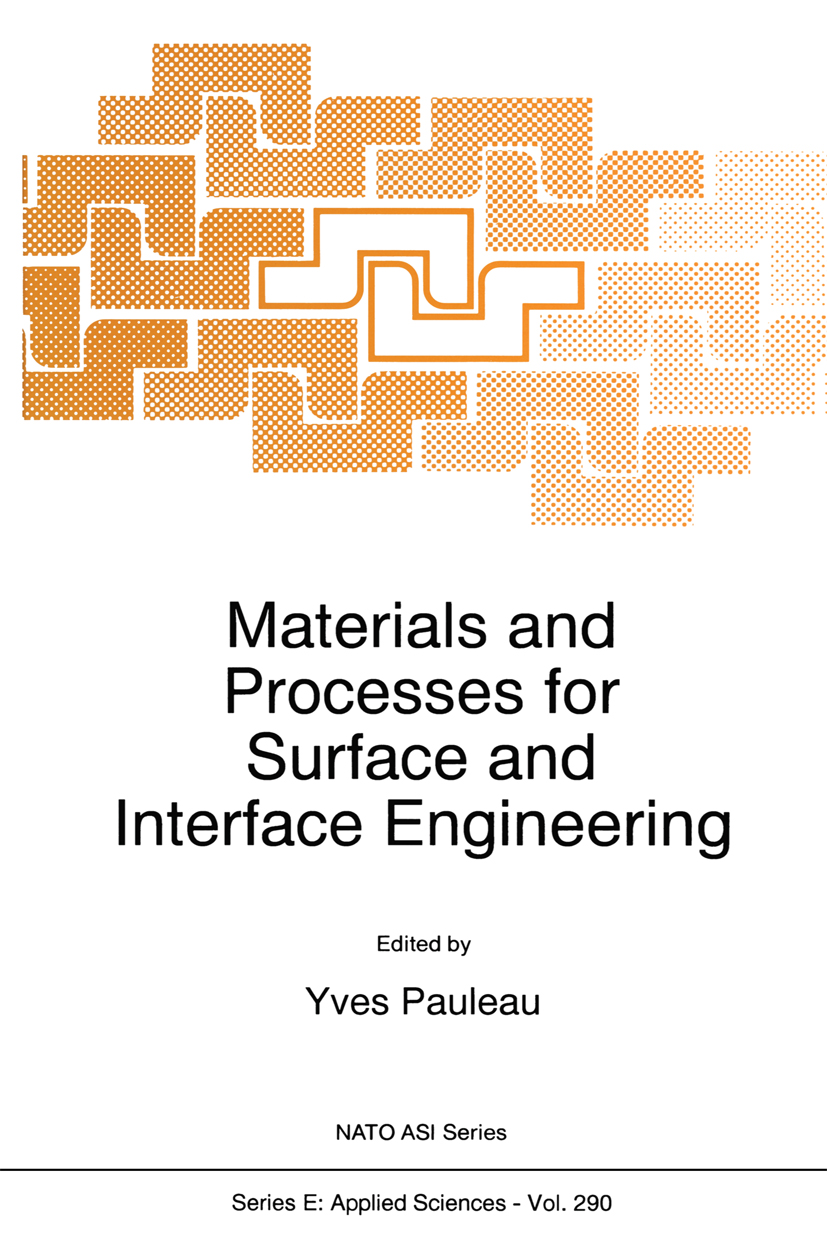
Materials and Processes for Surface and Interface Engineering Proceedings of the NATO Advanced Study Institute, Château de Bonas, Gers, France, July 18--29, 1994 TECHNOLOGY & ENGINEERING,Materials Science,General
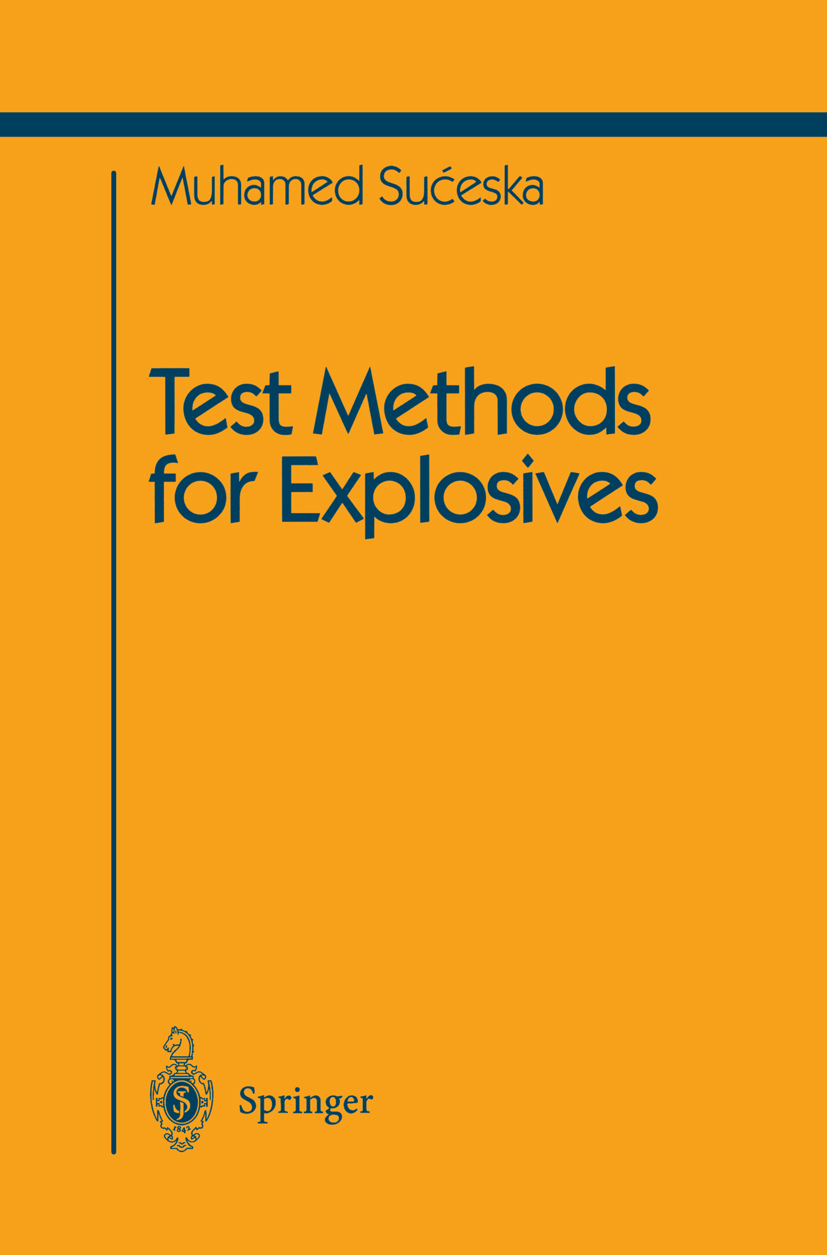
Test Methods for Explosives It seems that there is no book that treats the measurement of the physical pa rameters of explosives as its only subject, although limited information is avail able in a number of books. Therefore, I have tried to bridge this gap in the lit erature with this book. A large number of various physical parameters have to be determined ex perimentally in order to test or characterise an explosive. Various physical principles have been applied for such measurements. Accordingly, a large number of different experimental methods exist, as well as various testing appa ratuses and procedures. On the other hand, great progress has been made recently in the study of detonation phenomena. New measuring techniques can assess extremely short processes to below nanoseconds scale. They make it possible to determine im portant parameters in detonation physics. I have made a great attempt to cover the available literature data on the subject. Because it would be a highly demanding task to include in a single volume all the methods that are in use by various testing agencies, I have tried to give primarily the principles for determination of individual physical pa rameters of explosives by different measuring methods as well as data treatment procedures. TECHNOLOGY & ENGINEERING,Materials Science,General
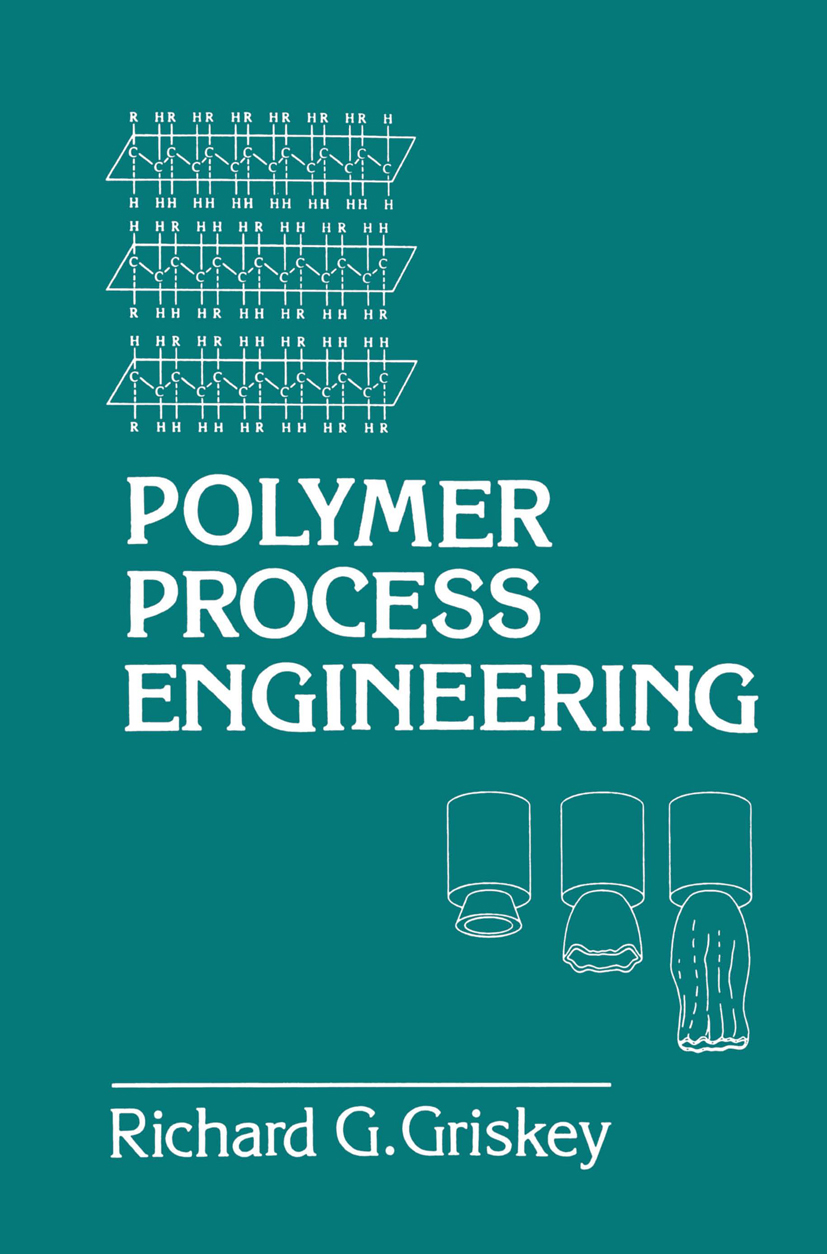
Polymer Process Engineering Polymers are ubiquitous and pervasive in industry, science, and technology. These giant molecules have great significance not only in terms of products such as plastics, films, elastomers, fibers, adhesives, and coatings but also less ob viously though none the less importantly in many leading industries (aerospace, electronics, automotive, biomedical, etc.). Well over half the chemists and chem ical engineers who graduate in the United States will at some time work in the polymer industries. If the professionals working with polymers in the other in dustries are taken into account, the overall number swells to a much greater total. It is obvious that knowledge and understanding of polymers is essential for any engineer or scientist whose professional activities involve them with these macromolecules. Not too long ago, formal education relating to polymers was very limited, indeed, almost nonexistent. Speaking from a personal viewpoint, I can recall my first job after completing my Ph.D. The job with E.I. Du Pont de Nemours dealt with polymers, an area in which I had no university training. There were no courses in polymers offered at my alma mater. My experience, incidentally, was the rule and not the exception. TECHNOLOGY & ENGINEERING,Materials Science,General
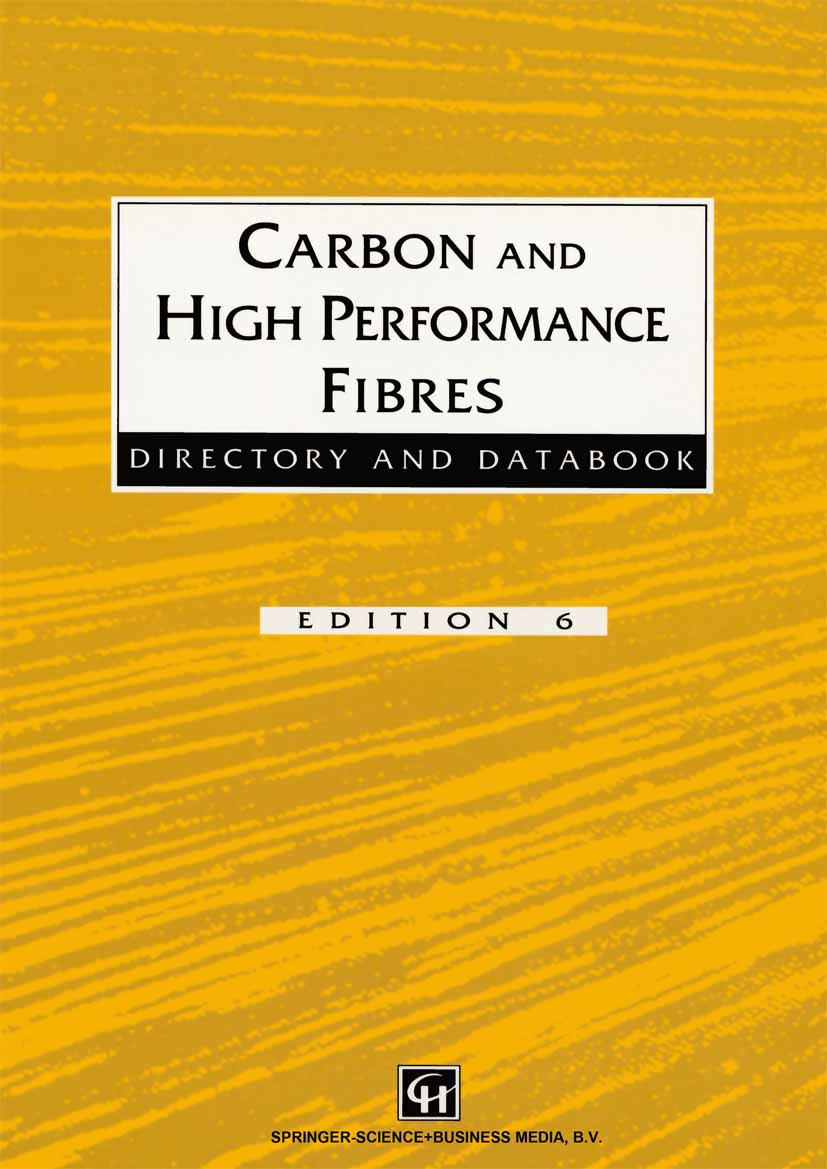
Carbon and High Performance Fibres Directory and Databook PURPOSE Since the publication of the previous, Fifth Edition of this volume in 1991, the 'advanced' sector of the world-wide composites industry in particular, has seen many company changes in reorganisation, realignment and ownership. These changes have affected the raw material suppliers as well as those moulding the finished product. Changes in the demands of the aerospace, defence and allied industries have largely been the cause. That situation has been particularly true for those manufacturing and distributing reinforcement fibres and fabrics, necessitating this comprehensive Sixth Edition revision. However publication is also timely, because a major and important consequence is the better consideration now being given by the 'commercial' market sector, to the use - and advantages - of some of the carbon, aramid and other high-performance reinforcements, described within these pages. Although supplying at a much lower finished component cost than applies for the aerospace and defence markets, the total tonnage output answering the typically lower-performance requirements of the 'commercial' sector, is higher by many factors. Overall therefore, the summation of output tonnage and price, will continue to favour the latter. Nevertheless this 'commercial' market sector must, albeit slowly, ultimately benefit to a marked degree from an increasing technology spin-off, promoted to an extent somewhat earlier than might otherwise have been expected, by the noted changes in market place demand. TECHNOLOGY & ENGINEERING,Materials Science,General
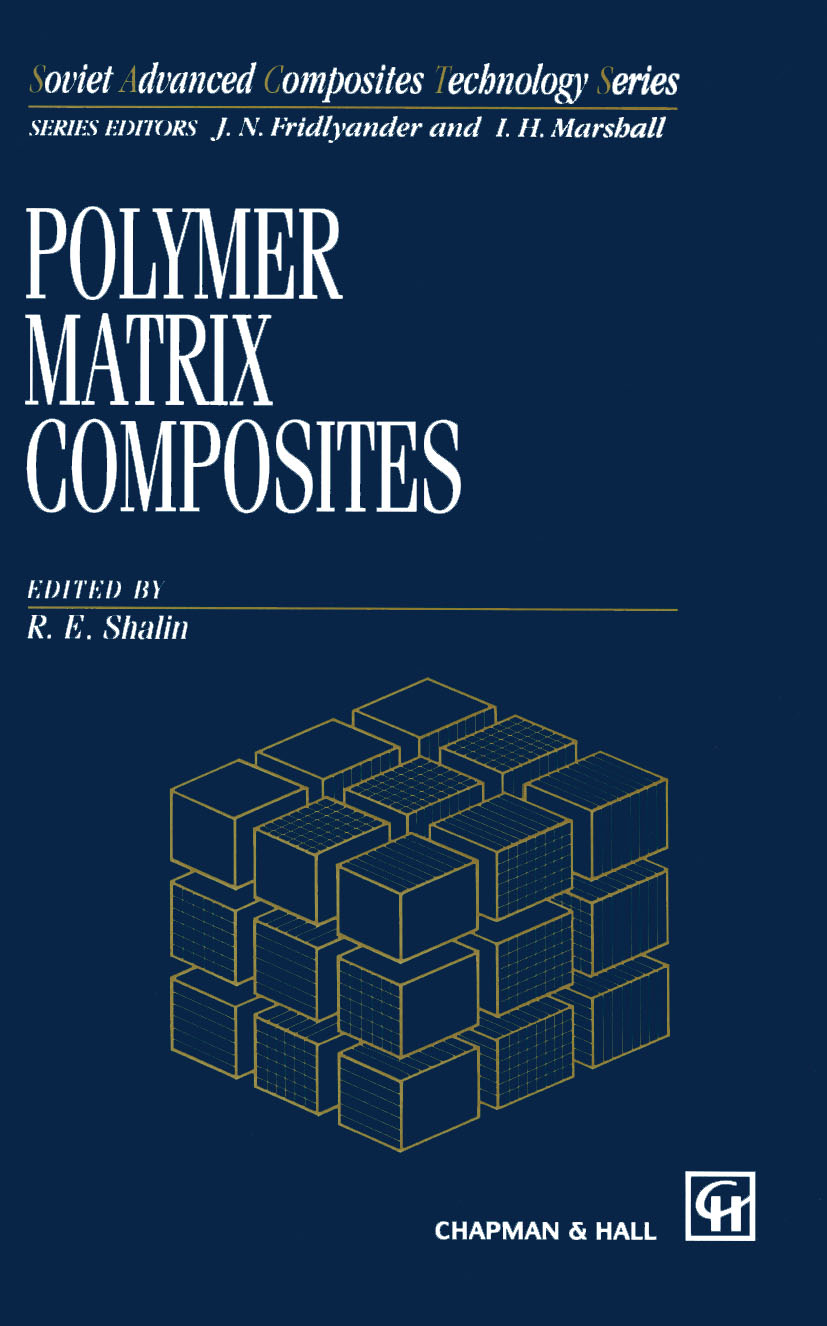
Polymer Matrix Composites Some years ago in Paisley (Scotland) the International Conference on Composite Materials, headed by Professor I. Marshall, took place. During the conference, I presented a paper on the manufacturing and properties of the Soviet Union's composite materials. Soviet industry had made great achievements in the manufacturing of composite materials for aerospace and rocket applications. For example, the fraction of composites (predominantly carbon fibre reinforced plastics) in the large passenger aircrafts Tu-204 and 11-86 is 12-15% of the structure weight. The percentage by weight share of composites in military aircraft is greater and the fraction of composites (organic fibre reinforced plastics) used in military helicopters exceeds a half of the total structure weight. The nose parts of most rockets are produced in carbon-carbon materials. In the Soviet spacecraft 'Buran' many fuselage tubes are made of boron-aluminium composites. Carbon-aluminium is used for space mirrors and gas turbine blades. These are just a few examples of applications. Many participants at the Paisley conference suggested that the substantial Soviet experience in the field of composite materials should be distilled and presented in the form of a comprehensive reference publication. So the idea of the preparation and publication of a six volume work Soviet Advanced Composites Technology, edited by Academician J. Fridlyander and Professor I. Marshall, was born. TECHNOLOGY & ENGINEERING,Materials Science,General
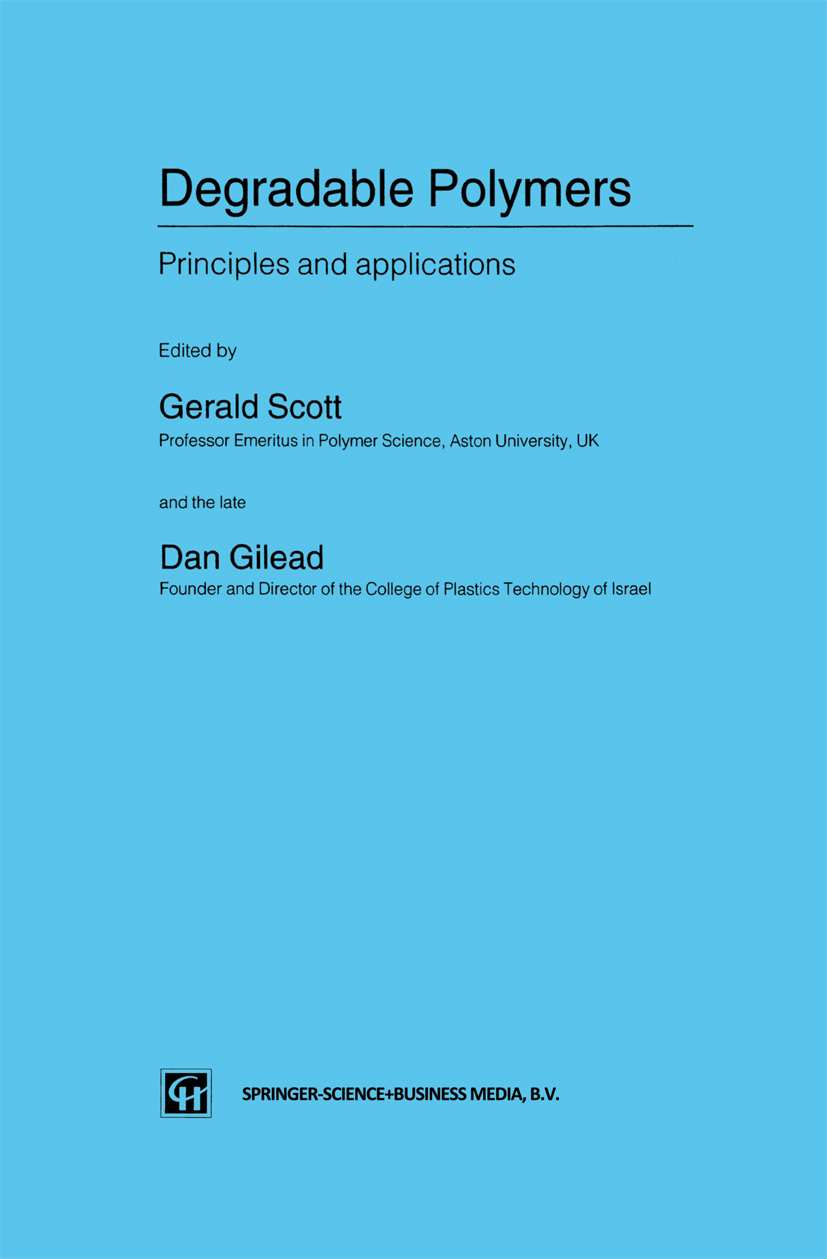
Degradable Polymers Few scientific developments in recent years have captured the popular imagination like the subject of'biodegradable' plastics. The reasons for this are complex and lie deep in the human subconscious. Discarded plastics are an intrusion on the sea shore and in the countryside. The fact that nature's litter abounds in the sea and on land is acceptable because it is biodegradable - even though it may take many years to be bioassimilated into the ecosystem. Plastics litter is not seen to be biodegradable and is aesthetically unacceptable because it does not blend into the natural environment. To the environmentally aware but often scientifically naive, biodegradation is seen to be the ecologically acceptable solution to the problem of plastic packaging waste and litter and some packaging manufacturers have exploited the 'green' consumer with exaggerated claims to 'environmentally friendly' biodegradable packaging materials. The principles underlying environmental degradation are not understood even by some manufacturers of 'biodegradable' materials and the claims made for them have been categorized as 'deceptive' by USA legislative authorities. This has set back the acceptance of plastics with controlled biodegradability as part of the overall waste and litter control strategy. At the opposite end of the commercial spectrum, the polymer manufactur ing industries, through their trade associations, have been at pains to discount the role of degradable materials in waste and litter management. This negative campaign has concentrated on the supposed incompatibility of degradable plastics with aspects of waste management strategy, notably materials recycling. TECHNOLOGY & ENGINEERING,Materials Science,General
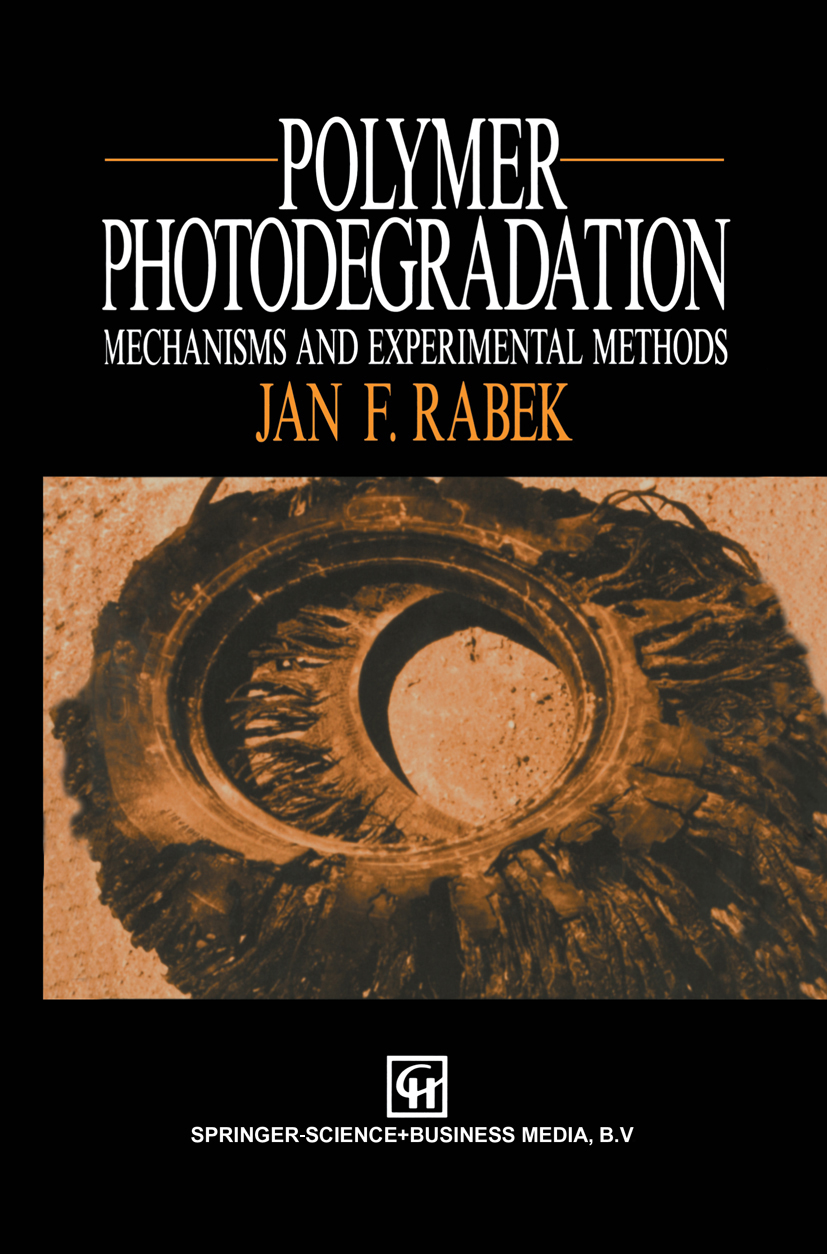
Polymer Photodegradation During the last two decades, the production of polymers and plastics has been increasing rapidly. In spite of developing new polymers and polymeric materials, only 40~60 are used commercially on a large scale. It has been estimated that half of the annual production of polymers is employed outdoors. The photochemical instability of most polymers limits their outdoor application as they are photodegraded quickly over periods from months to a few years. To the despair of technologists and consumers alike, photodegradation and environmental ageing of polymers occur much faster than can be expected from knowledge collected in laboratories. In order to improve polymer photostability there has been a very big effort during the last 30 years to understand the mechanisms involved in photodegradation and environmental ageing. This book represents the author's attempt, based on his 25 years' experience in research on photodegradation and photo stabilization, to collect and generalize a number of available data on the photodegradation of polymers. The space limitation and the tremendous number of publications in the past two decades have made a detailed presentation of all important results and data difficult. The author apologizes to those whose work has not been quoted or widely presented in this book. Because many published results are very often contradictory, it has been difficult to present a fully critical review of collected knowledge, without antagonizing authors. For that reason, all available theories, mechanisms and different suggestions have been presented together, and only practice can evaluate which of them are valid. TECHNOLOGY & ENGINEERING,Materials Science,General
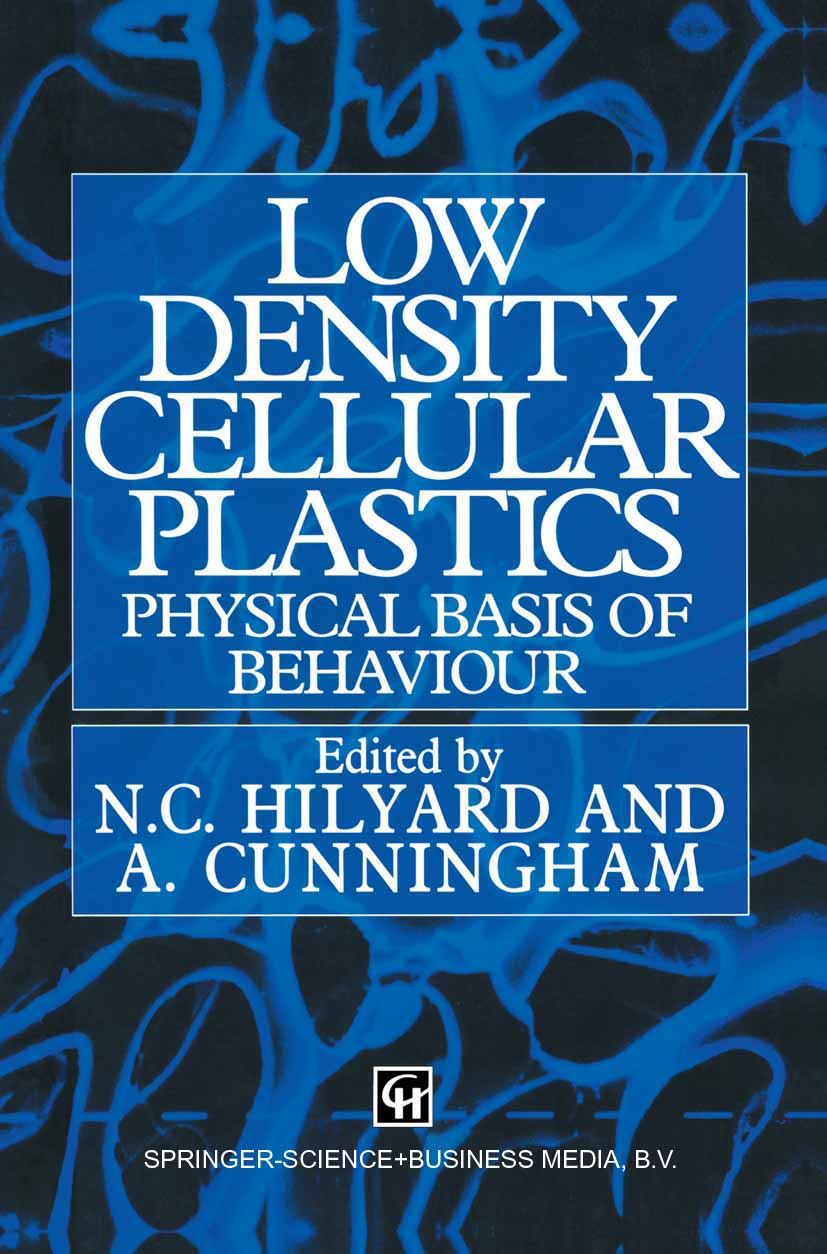
Low density cellular plastics Foams are gas filled integral structures in which the gas is finely dispersed throughout acontinuouslyconnected solid phase. The bulk density is usually substantially lower than that of the solid component, and for the foams which form the focus for this book the volume fraction of the gas phase is considerably greater than 0.5 and in most instances in excess of 0.9. Many ofthe materials encountered in every day experience, such as bread, plants and trees, structural materials for buildings, comfort materials for domestic and automotive seating, shock absorbers or car bumpers and materials for noise control, have one thing in common - the cellular nature of their physical structure. Whyare thesestructuressoimportantin the naturaland man-made world? The reasons are both technical and commercial. From a technical viewpoint cellular materials offer: 1. high specific stiffness and strength - making them suitable for structural applications; 2. closeto idealenergymanagement - hencetheir useinthermalandacoustic insulation, vibration damping, acoustic absorption and shock mitigation; and 3. comfort - hence their use for domestic and automotive seating. TECHNOLOGY & ENGINEERING,Materials Science,General
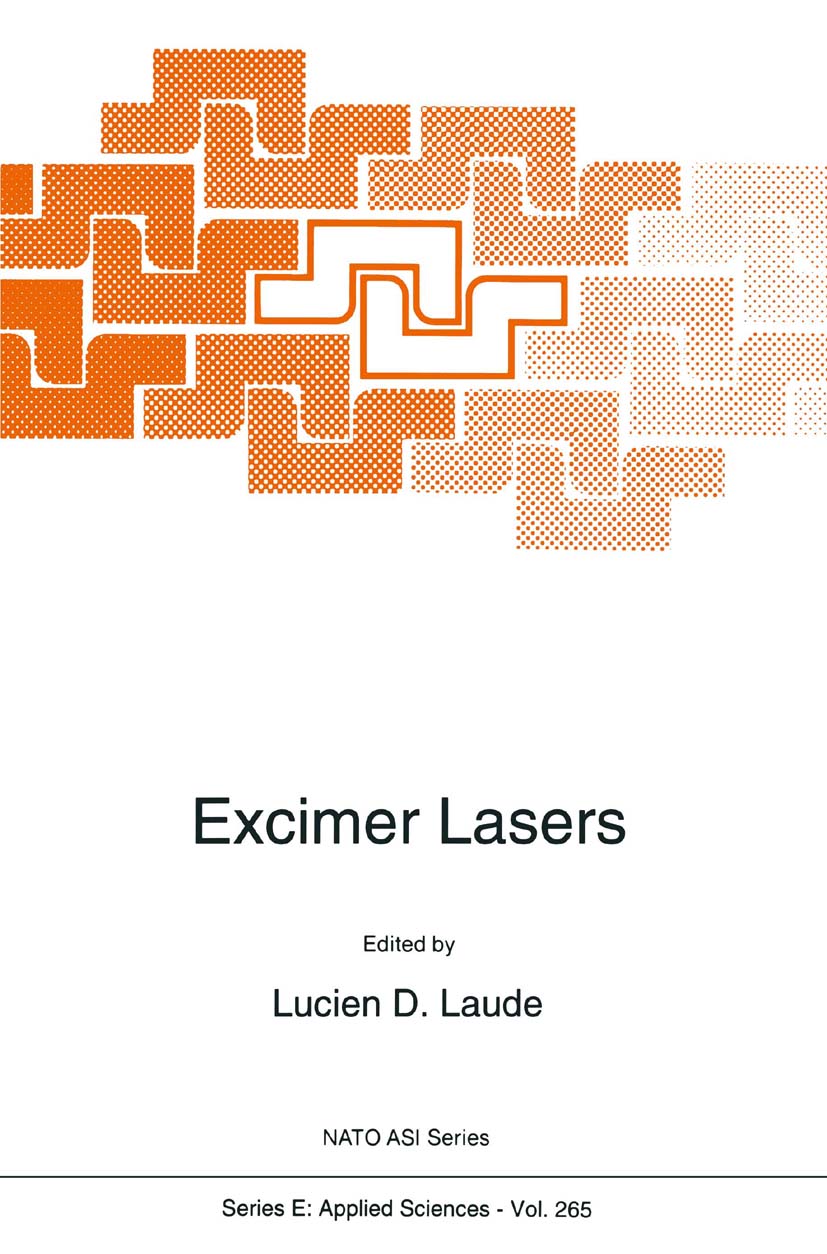
Excimer Lasers Proceedings of the NATO Advanced Study Institute on `Excimer Lasers: the Tools, Fundamental Processes and Applications', Elounda, Crete, Greece, September 6--17, 1993 TECHNOLOGY & ENGINEERING,Materials Science,General
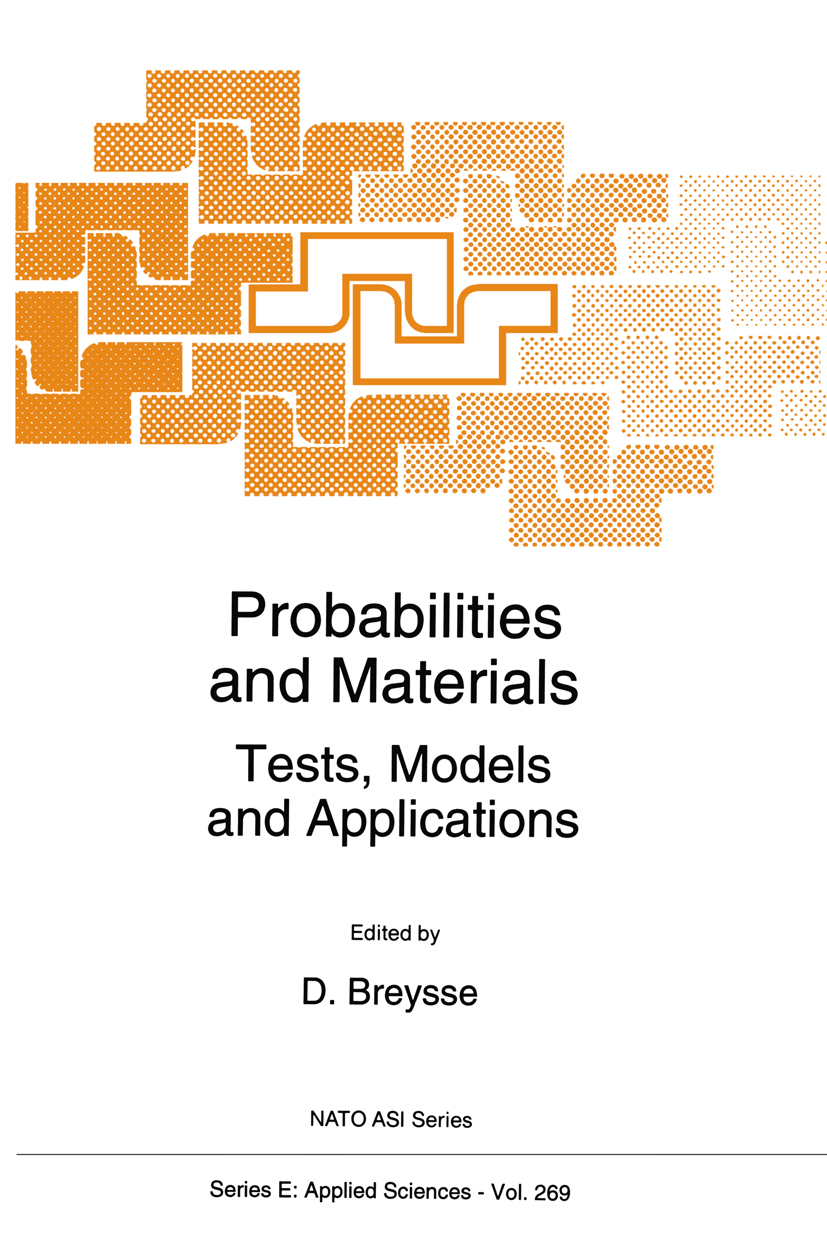
Probabilities and Materials Proceedings of the NATO Advanced Research Workshop on `PROBAMAT: Probabilities and Materials: Tests, Models and Applications', Cachan, France, November 23--25, 1993 TECHNOLOGY & ENGINEERING,Materials Science,General

Nonlinear Phenomena in Flows of Viscoelastic Polymer Fluids This monograph presents theoretical and experimental studies of flows of elastic liquids. Falling into this category are particularly the melts and concentrated solutions of such flexible-chain polymers as polyethylene, polyisobutylene and polypropylene, all of which are widely used in polymer processing. These polydisperse polymers vary greatly, from batch to batch, in their mechanical properties and 20% variation in a property is believed to be good enough. l 7 All recent books - devoted to the rheology of polymers do not answer the question of which constitutive equations should be used for solving the fluid mechanic problems of polymer processing in the usual case of an appreciable nonlinear region of deformation where nonlinear effects of shear and extensional elasticity are very important. Viscoelastic constitut ive equations cited commonly (see, e.g. Refs 5 and 6) do not describe simultaneously even the simplest cases of deformations, viz. simple shear and uniaxial extension. Moreover, some of them are internally inconsist ent and sometimes display highly unstable behaviour in simple flows without any fundamental reasons. Even more respected molecular ap free from these defects. TECHNOLOGY & ENGINEERING,Materials Science,General
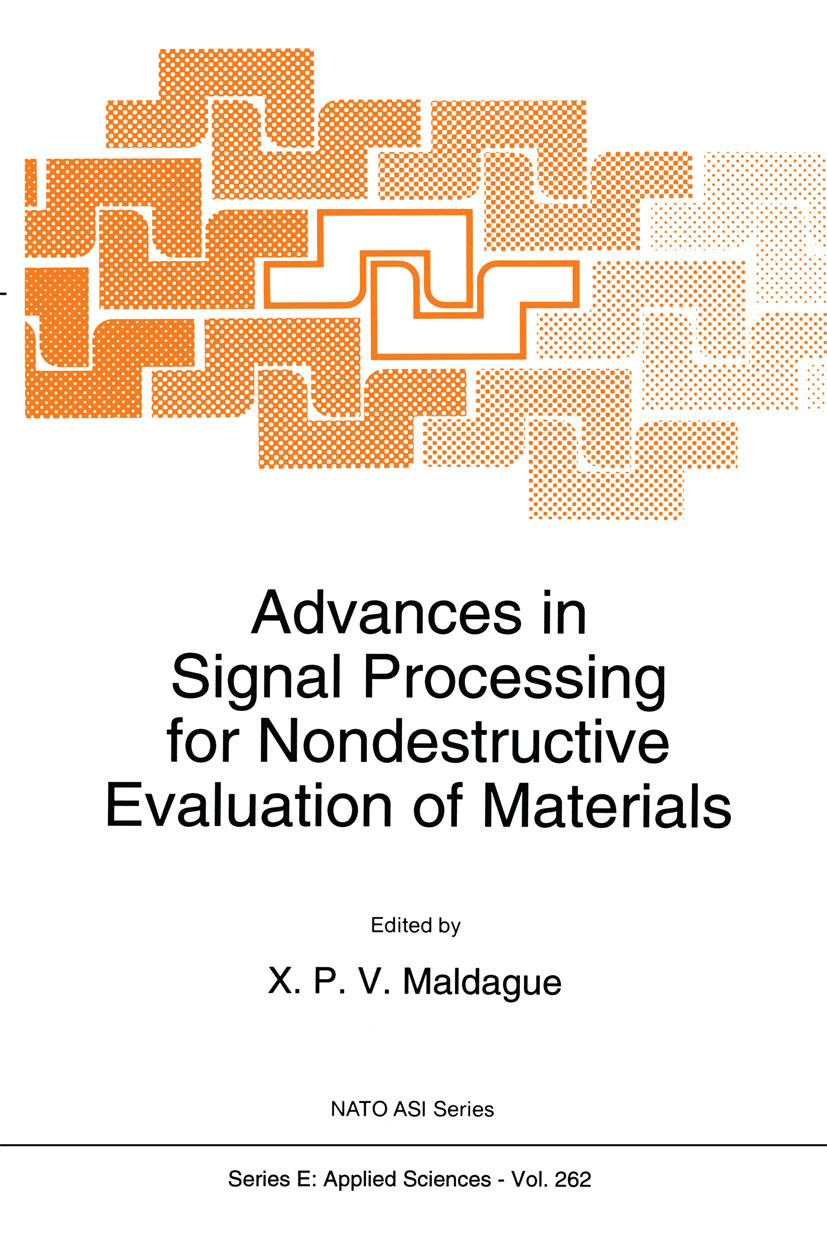
Advances in Signal Processing for Nondestructive Evaluation of Materials Proceedings of the NATO Advanced Research Workshop, Québec City, Québec, Canada, August 17--20, 1993 TECHNOLOGY & ENGINEERING,Materials Science,General
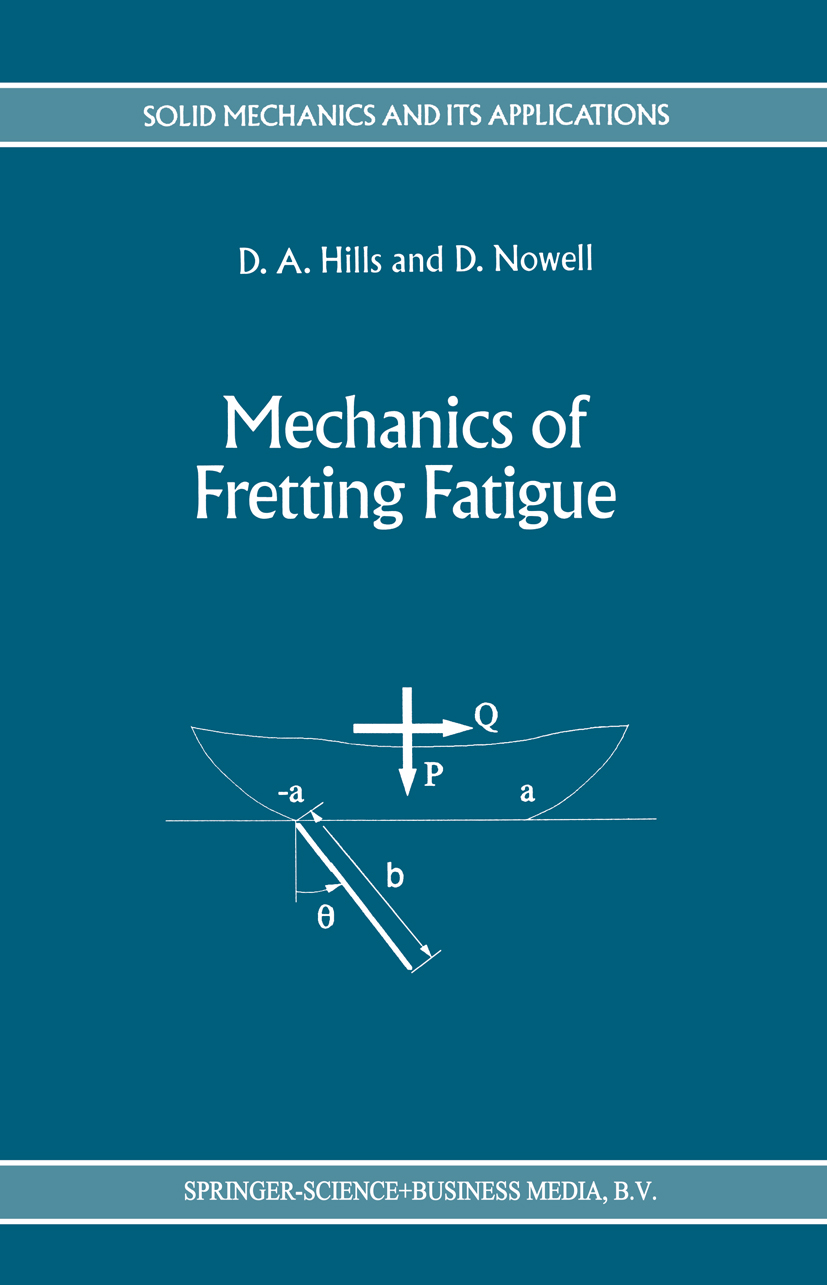
Mechanics of Fretting Fatigue Failures of many mechanical components in service result from fatigue. The cracks which grow may either originate from some pre-existing macroscopic defect, or, if the component is of high integrity but highly stressed, a region of localized stress concentration. In turn, such concentrators may be caused by some minute defect, such as a tiny inclusion, or inadvertent machining damage. Another source of surface damage which may exist between notionally 'bonded' components is associated with minute relative motion along the interface, brought about usually be cyclic tangential loading. Such fretting damage is quite insidious, and may lead to many kinds of problems such as wear, but it is its influence on the promotion of embryo cracks with which we are concerned here. When the presence of fretting is associated with decreased fatigue performance the effect is known as fretting fatigue. Fretting fatigue is a subject drawing equally on materials science and applied mechanics, but it is the intention in this book to concentrate attention entirely on the latter aspects, in a search for the quantification of the influence of fretting on both crack nucleation and propagation. There have been very few previous texts in this area, and the present volume seeks to cover five principal areas; (a) The modelling of contact problems including partial slip under tangentialloading, which produces the surface damage. (b) The modelling of short cracks by rigorous methods which deal effectively with steep stress gradients, kinking and closure. (c) The experimental simulation of fretting fatigue. TECHNOLOGY & ENGINEERING,Materials Science,General
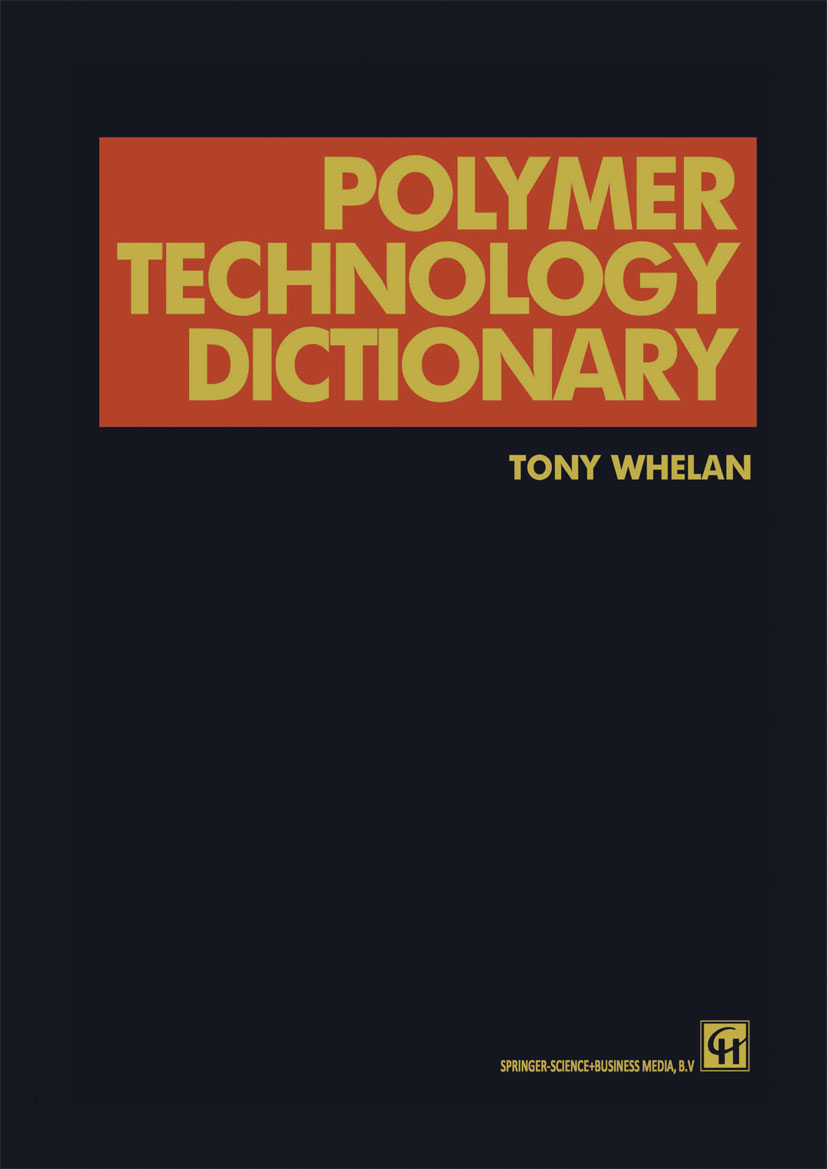
Polymer Technology Dictionary A comprehensive encyclopaedic dictionary on polymer technology with expanded entries - trade name and trade marks, list of abbreviations and property tables. TECHNOLOGY & ENGINEERING,Materials Science,General
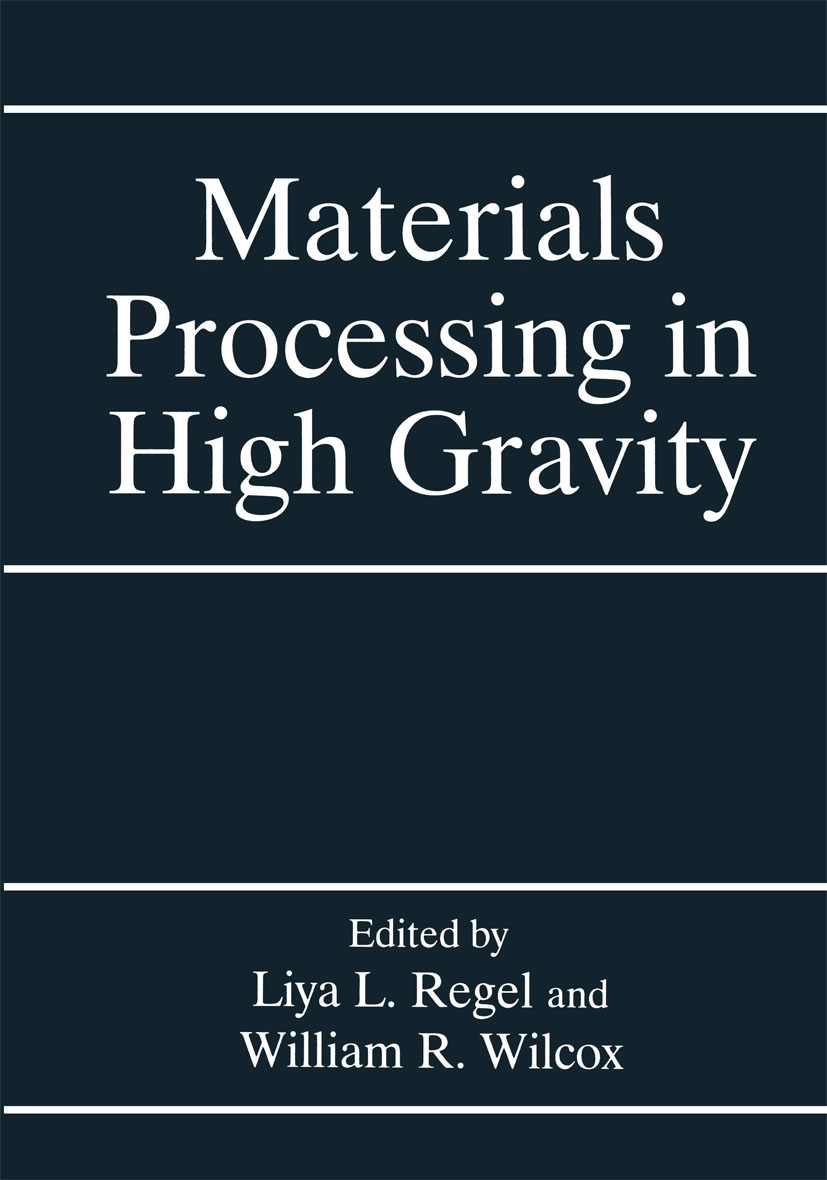
Materials Processing in High Gravity There are two motives for studying materials processing in centrifuges. First, such research improves our understanding of the influence of acceleration and convection on materials processing. Second, there are commercial opportunities for production of unique and improved materials that cannot be prepared under normal earth conditions or in space. Through a combination of experiments and theory, we are gaining an understanding of centrifugation on phenomena of importance to materials processing. We find that it is necessary to consider not only acceleration, but also the Corio lis effect and the variation of acceleration with position. As one consequence, the vigor of buoyancy-driven convection is sometimes increased by centrifugation and sometimes decreased. Similarly, the tendency of the convection to become unstable or oscillatory may either be increased or decreased by centrifugation. On the other hand, the observed effects of centrifugation on product quality have largely gone unexplained. This volume constitutes the proceedings of The Second International Workshop on Materials Processing at High Gravity, hosted by Clarkson University in June of 1993. The concept for a workshop on materials processing in centrifuges was born at a series of informal meetings held in Paris in 1990. The First International Workshop on Materials Processing at High Gravity was held in May of 1991 in Dubna, USSR, on the banks of the Volga River. The proceedings of this workshop was published in 1992 as a special issue of the Journal of Crystal Growth. TECHNOLOGY & ENGINEERING,Materials Science,General
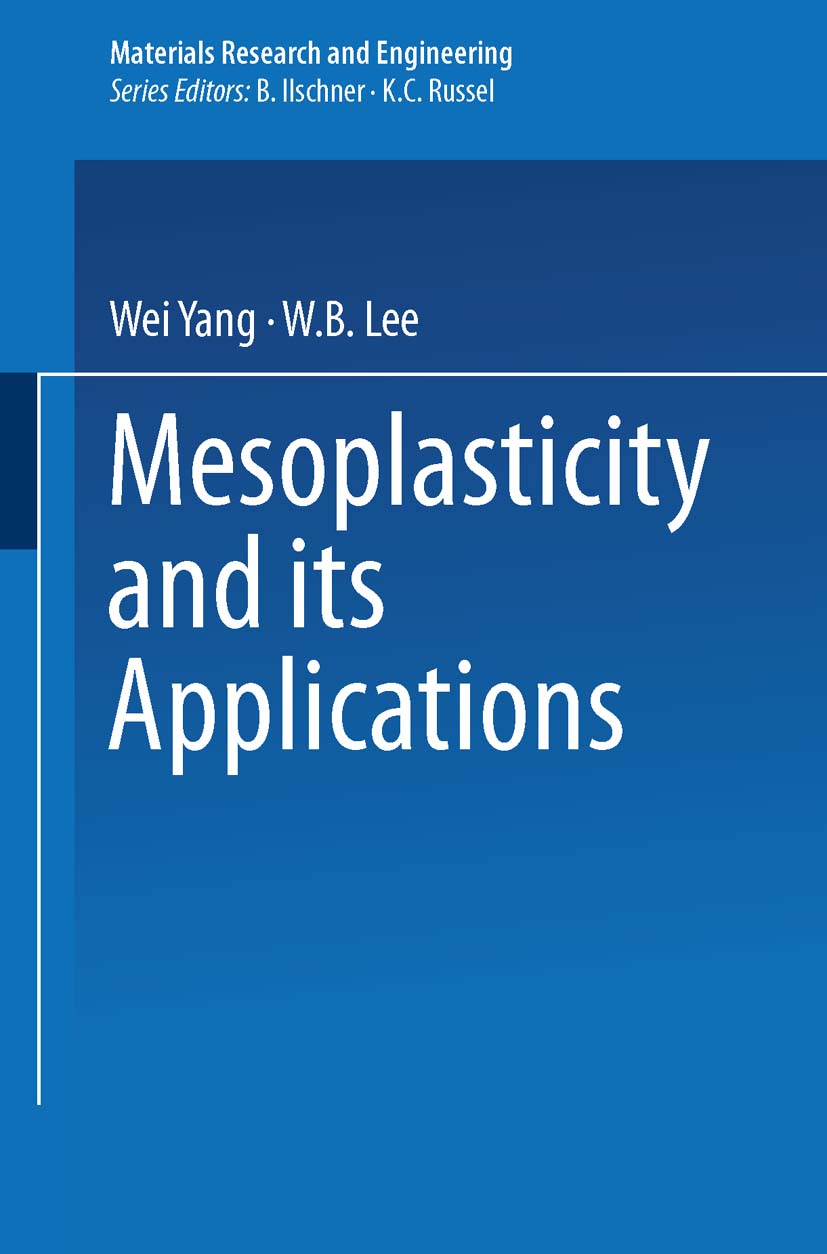
Mesoplasticity and its Applications This monograph written by two Chinese scientists of the younger generation opens a window into the world of thoughts on Mechanical Metallurgy in this fascinating area of our world, characterized by age old cultural heritage as weil as by its dynamic evolution into the future. Based on notions and names all so familiar to the western scientist, and regarding the subject from the point of view of the theoretical mechanical engineer (Yang) as weil as that of the materials and manufacturing engineer (Lee), the authors present a synthesis of both approaches and endeavour to guide the reader from basic theory to engineering applications. Between structural defects in the micrometer scale and the meter-measures of engineering components, the term of mesoplasticity is meant to place the reader right in the center: This is certainly achallenging enterprise, and the editor expresses his sincere wishes as to enrichment and stimulation which will emanate from this interesting book and its creative perspective. Prof. B. Ilschner March, 1993. Preface In the past two decades, enormous advances in materials and manufacturing tech nology have been achieved, which upgrade the material design, processing and precision manufacturing as quantitative and concise scientific disciplines. Rapid improvements on mechanics understanding have been instrumental in the above mentioned development. A topic of great interest and importance in plasticity re search has been the design and processing of materials themselves on the mesoscale to achieve the desired macroscopic properties. TECHNOLOGY & ENGINEERING,Materials Science,General
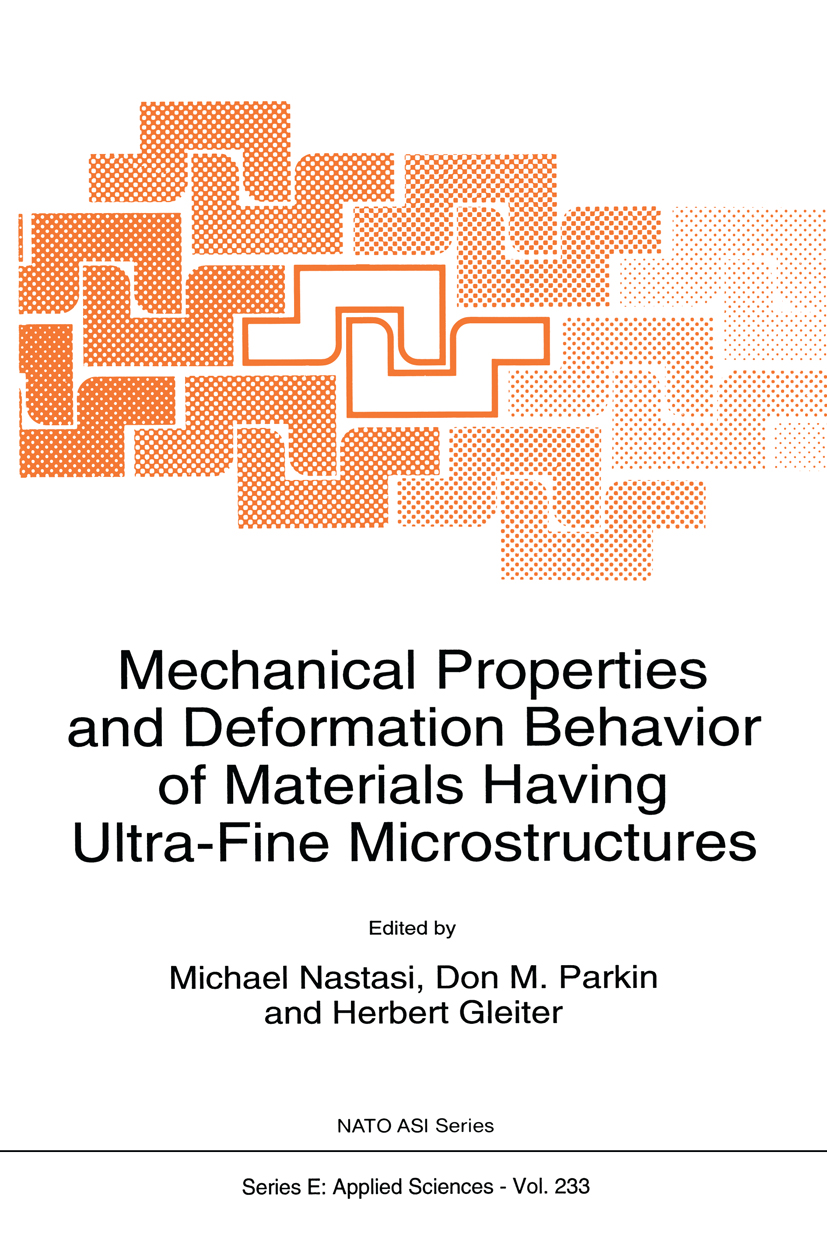
Mechanical Properties and Deformation Behavior of Materials Having Ultra-Fine Microstructures Proceedings of the NATO Advanced Study Institute, Porto Novo, Portugal, June 28-July 10, 1992 TECHNOLOGY & ENGINEERING,Materials Science,General
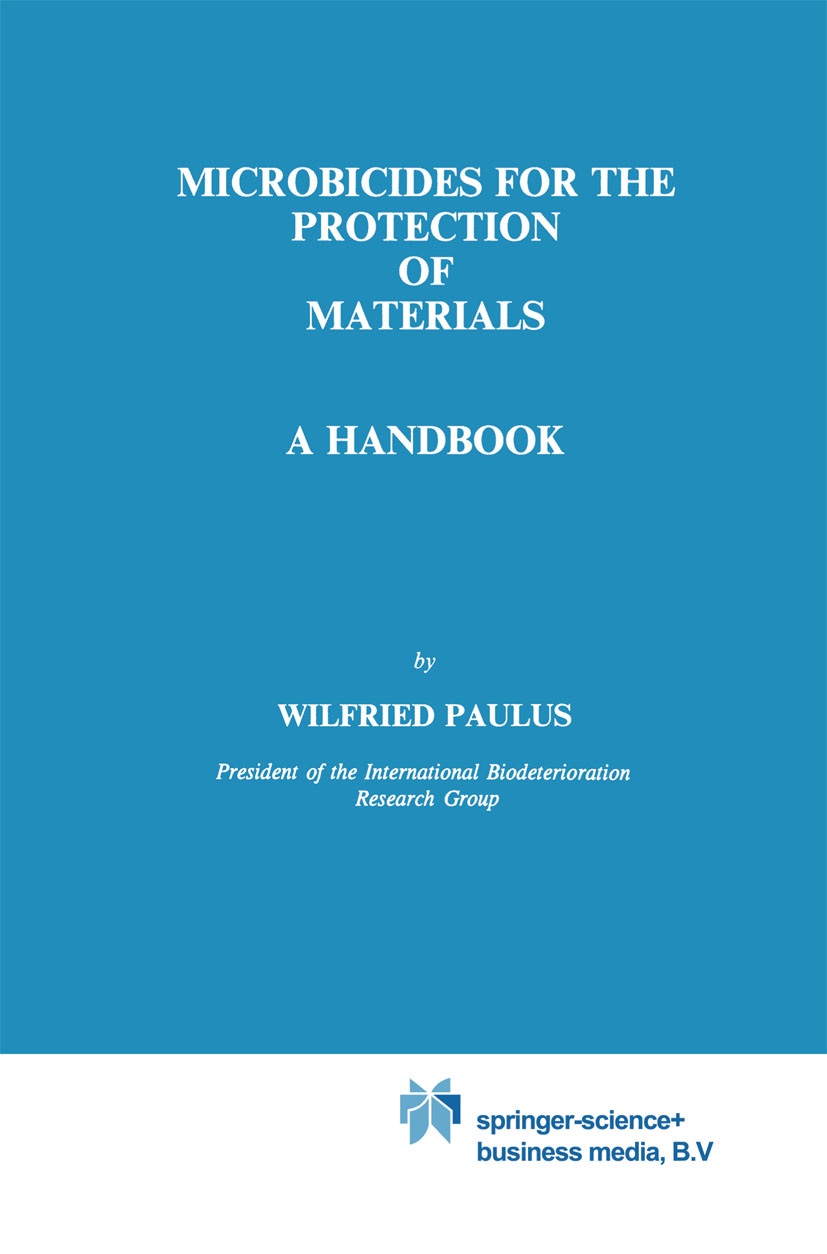
Microbicides for the Protection of Materials This book is chiefly intended for those who are using microbicides for the protection of materials. Another purpose is to inform teachers and students working on biodeterioration and to show today's technical standard to those engaged in R&D activities in the microbicide field. When trying to classify, or to subclassify, material-protecting microbicides according to their mode of action, e.g. as membrane-active and electrophilic active ingredients, it turned out that a clear assignment was not always possible. For that reason the author has resorted to chemistry's principle of classifying according to groups of substances (e.g. alcohols, aldehydes, ketones, acids, esters, amides, etc.), thus providing the first necessary information about the micro bicides' properties. The description of the various groups of substances includes, whenever possible, an outline of the mode and mechanism of action of the active ingredients involved. The effective use of microbicides presupposes knowledge of their character istics. That is why the microbicides' chemico-physical properties, their toxicity, ecotoxicity, effectiveness, and effective spectrum are described in greater detail. As mentioned before, the characteristics of microbicides play an important role. They have to be suited to the intended application to avoid detrimental effects on the properties and the quality of the material to be protected; also production processes in which microbicides are used to avoid disturbances by microbial action must not be disturbed by the presence of those microbicides. TECHNOLOGY & ENGINEERING,Materials Science,General
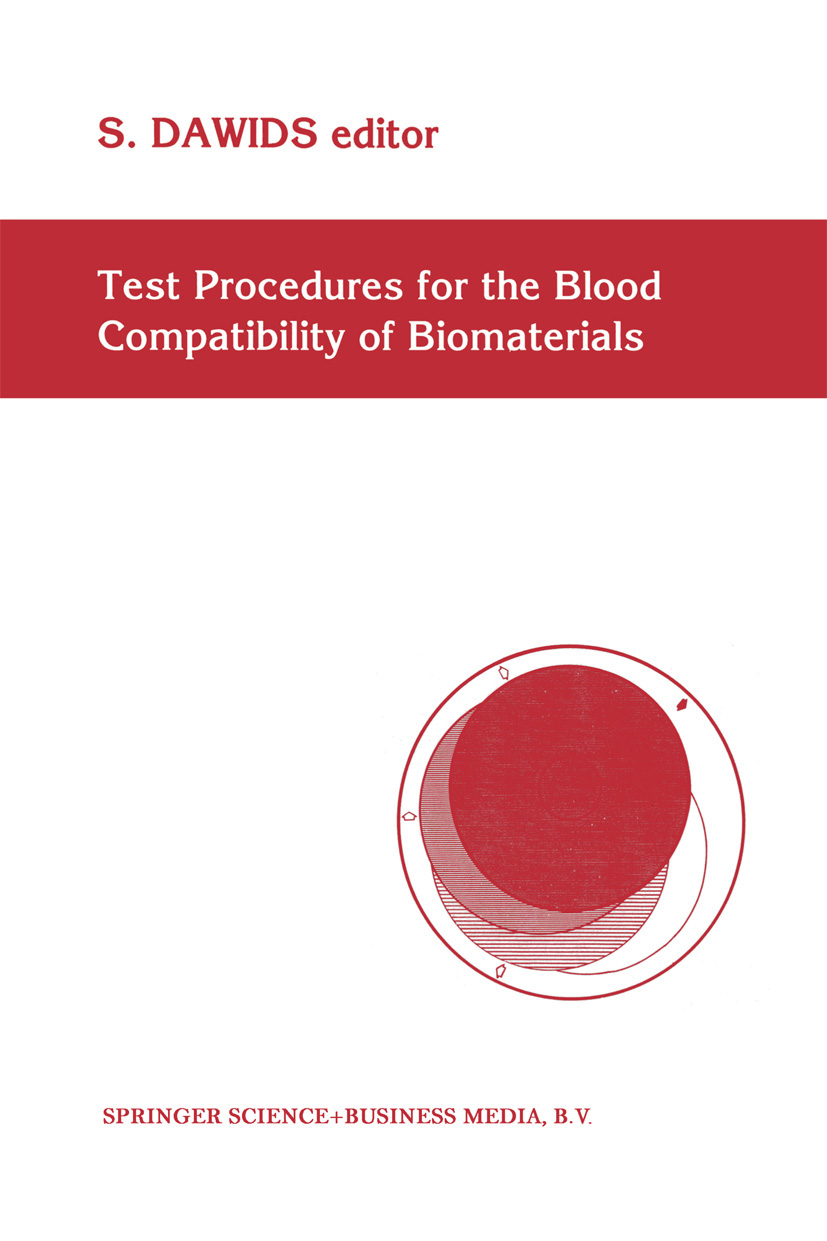
Test Procedures for the Blood Compatibility of Biomaterials This book represents the first European effort to provide a collection of test descriptions used in evaluation of the compatibility of biomaterials in contact with tissues and blood. The urge to compile this book arose from the fact that it is the properties of the material which ultimatively seem to determine the functional outcome of a medical device, almost regardless of how ingenious the construction of the very device is. The longer the exposure is, the more important these basic properties become. Unfortunately only a small part of the interactive phenomena is fully elucidated and understood. This challenge reflects itself in an effort to cover numerous aspects of testing, beginning with fundamental analysis of the material, continuing with the mechanical properties, the resistance to degradation and the analysis of surface and chemical properties including adsorption patterns of proteins ending with test on cell cultures, ex vivo and in vivo. A number of the tests which are generally accepted as being important are already described as official requirements (primarily Pharmacopeas). These official requirements are not included in order to limit the size of the book. It is the aim of this book to present the tests like a recipe in a uniform way to ease the reader in finding his/her way through the material and to present it as a kind of "cook-book" in an order to provide an easy access to copy the procedures. This has unfortunately not been possible in all circumstances. TECHNOLOGY & ENGINEERING,Materials Science,General
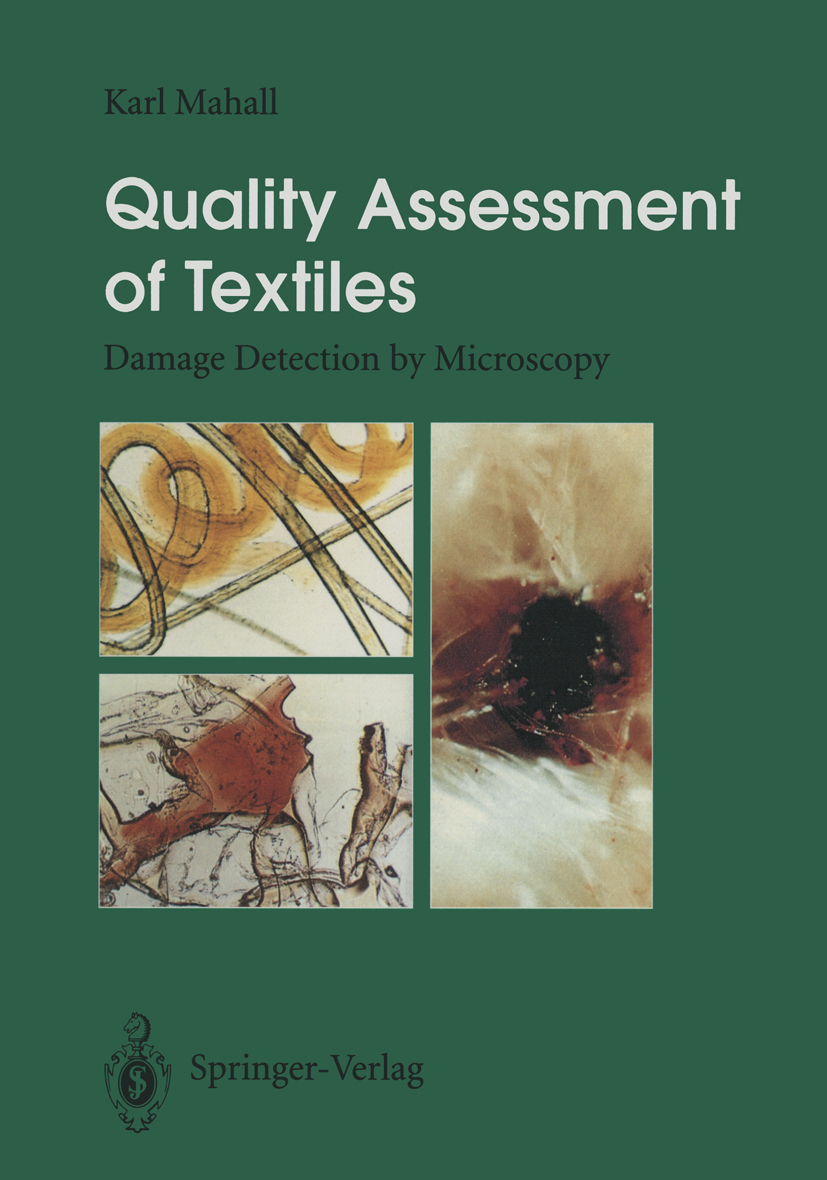
Quality Assessment of Textiles Quality is the decisive criterion by which textile industry is measured in the international competition. Today this is particularly true. Short fashion cycles lead to frequent article changes in production, technologi cal progress requires continual adaptation of the production processes; high and above all constant quality of the textiles remains an indispensable require ment. Today, quality is no longer (mis)understood as the result of quality con trol or successful fault correction, but as the logical result of all chemical and physical or human interventions in the production process; their registration and representation in the form of quality management systems becomes more and more important. Especially in the multi -stage process of textile production and textile finishing, often carried out by several specialized companies, it is very difficult to trace back quality deficiencies in textiles - in particular hidden faults - to their true cause. However, this is the precondition to efficiently eliminate faults and to guarantee correct process control. In his book Karl Mahall describes the damage which can occur in certain fibrous raw materials and during production and storage of textiles; for this purpose he has carefully chosen typical practical examples which he encountered in connec tion with textile auxiliaries during the 40 years which he has been working for the Henkel KGaA. In particular it is demonstrated how microscopic test methods can provide decisive hints at the cause of hidden faults in textiles. TECHNOLOGY & ENGINEERING,Materials Science,General
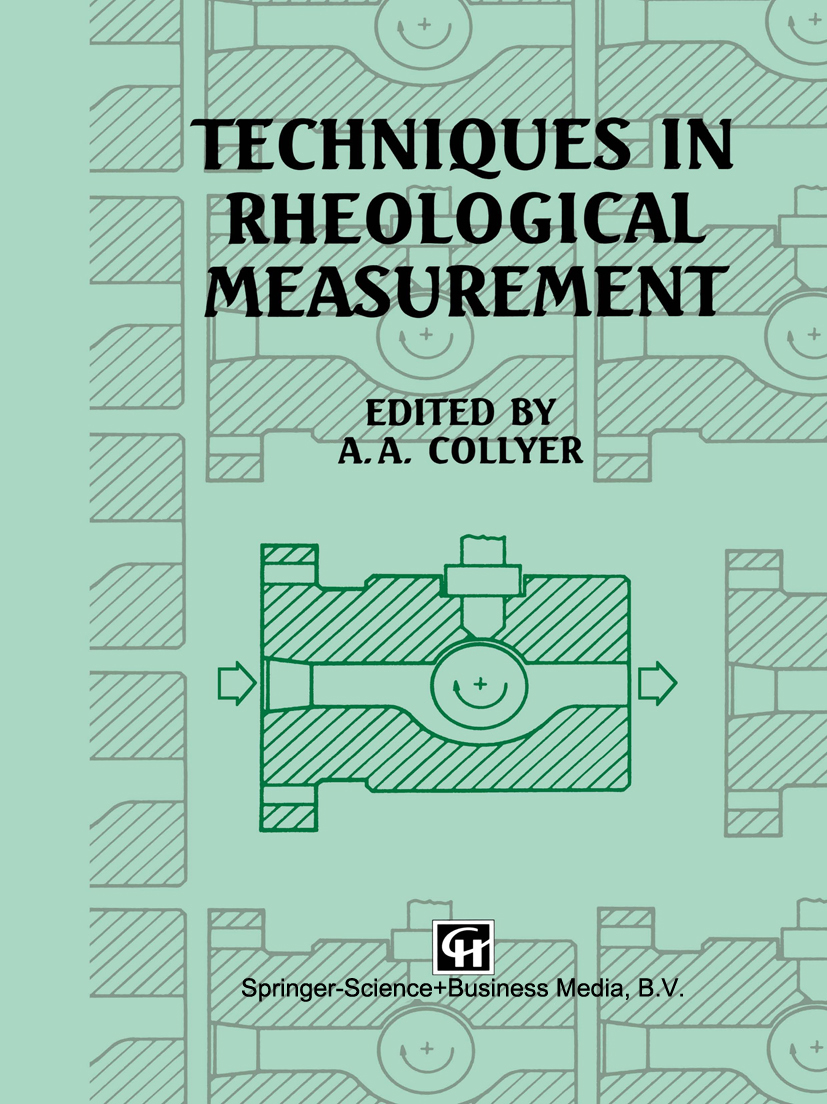
Techniques in Rheological Measurement In an earlier book, Rheological Measurement (A. A. Collyer & D. W. Clegg, Elsevier Applied Science, 1988), the basic rheological methods of measurement presently used were discussed in the light of the basic underlying principles and current theories. The same approach is adopted in this companion book, which is concerned with some newer or more sophisticated techniques that have resulted from a fresh understanding of the subject, or as a result of improvement in computer control, data acquisition and computational power, or more simply from an industrial need, particularly with regard to process control. The first two chapters deal with the extensional flow properties of fluids and their measurement. This inclusion is in response to a greater awareness in industry of the importance of these flows. Chapter 3 intro duces and develops the subject of surface rheology and the measurement of its properties, again a subject of increasing significance. The methods of measurement of the dynamic mechanical properties of fluids and the calculation of the resulting rheological parameters are discussed in Chap ters 4-7 inclusive. The subject areas covered are: large-amplitude oscilla tory shear, a model for viscoelastic fluids and solids, a new method of measuring dynamic mechanical properties, particularly for curing sys tems, and the use of complex waveforms in dynamic mechanical analysis. TECHNOLOGY & ENGINEERING,Materials Science,General
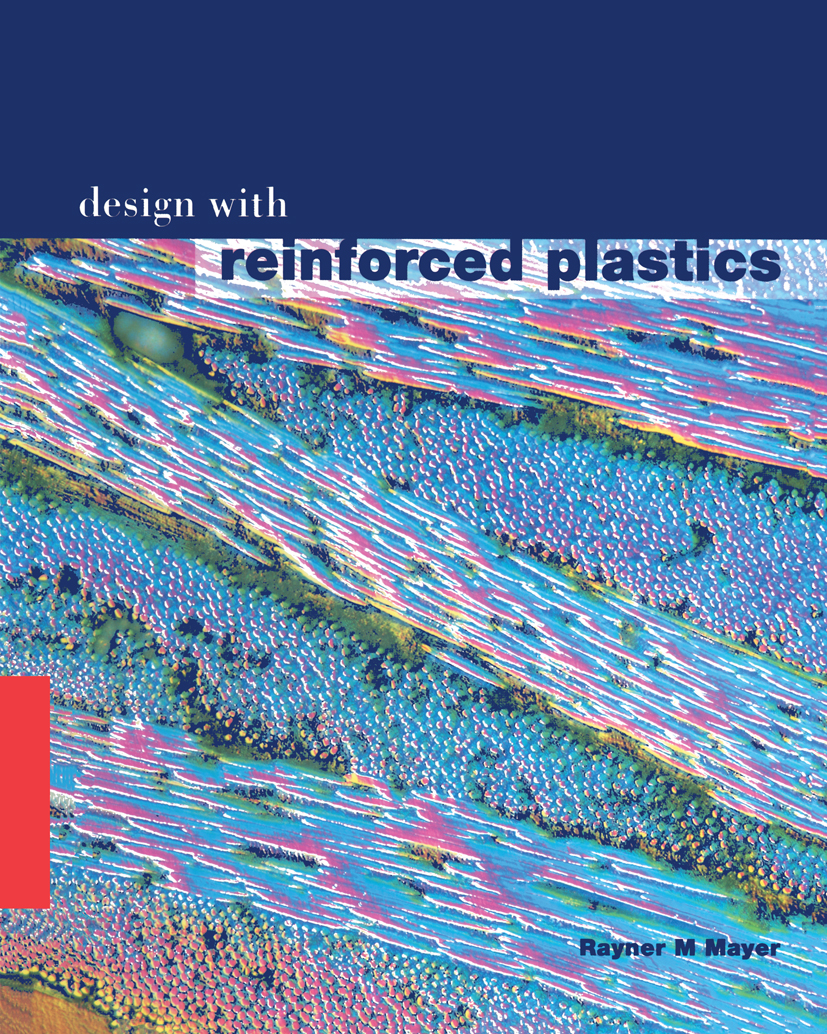
Design with Reinforced Plastics Design with Reinforced Plastics is a comprehensive, accessible guide to fundamental aspects of designing for world markets with this increasingly important range of materials. This unique publication takes full account of the design implications of the single European market, as well as the rapidly changing effects of consumer protection and environmental legislation. TECHNOLOGY & ENGINEERING,Materials Science,General

Ionic Polymerization and Living Polymers More than simply an up-to-date review of ionic polymerization, this book presents an in-depth and critical comparison of the anionic and cationic polymerization of vinyl monomers and heterocyclic compounds. These different modes of ionic polymerization are examined with regard to their capacity for producing living polymers. The concept of living polymers is re-examined and redefined in light of current knowledge of ionic polymerization and possible side reactions. Throughout, the authors offer perceptive insights into the basic concepts of polymerization chemistry and polymerization reaction mechanisms. The book begins with a review of ionic and radical polymerizations, the development of ionic polymerization, living and dormant polymers, and polymerizability. It goes on to consider important aspects of the structure and properties of ionic species; initiation and propagation of ionic polymerization; polymerization steps other than initiation or propagation, such as termination, isomerization, transfer, backbiting, and degraduation; and ionic copolymerization. Ionic Polymerization and Living Polymers is a much needed advanced text that will be widely read and referred to by polymer scientists, macromolecular chemists, and materials scientists. TECHNOLOGY & ENGINEERING,Materials Science,General
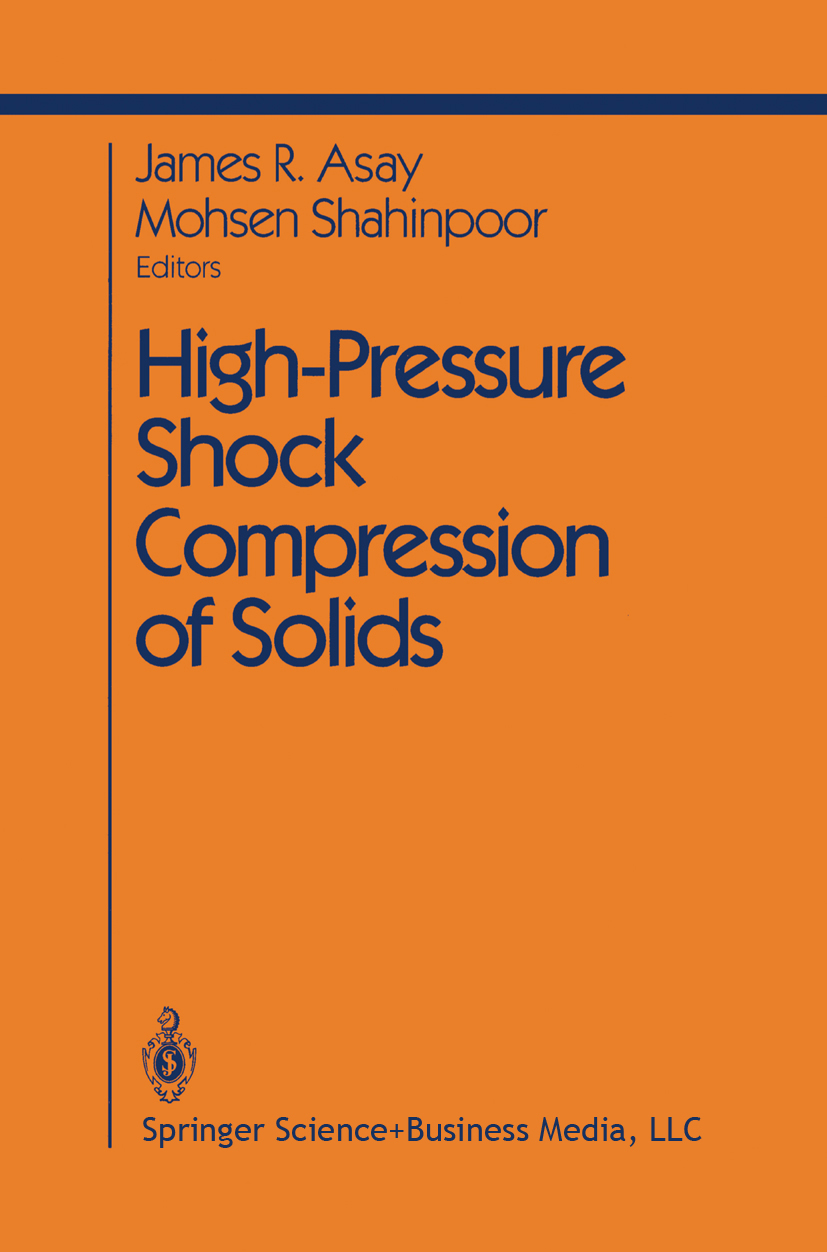
High-Pressure Shock Compression of Solids This book presents a set of basic understandings of the behavior and response of solids to propagating shock waves. The propagation of shock waves in a solid body is accompanied by large compressions, decompression, and shear. Thus, the shear strength of solids and any inelastic response due to shock wave propagation is of the utmost importance. Furthermore, shock compres sion of solids is always accompanied by heating, and the rise of local tempera ture which may be due to both compression and dissipation. For many solids, under a certain range of impact pressures, a two-wave structure arises such that the first wave, called the elastic prescursor, travels with the speed of sound; and the second wave, called a plastic shock wave, travels at a slower speed. Shock-wave loading of solids is normally accomplished by either projectile impact, such as produced by guns or by explosives. The shock heating and compression of solids covers a wide range of temperatures and densities. For example, the temperature may be as high as a few electron volts (1 eV = 11,500 K) for very strong shocks and the densification may be as high as four times the normal density. TECHNOLOGY & ENGINEERING,Materials Science,General
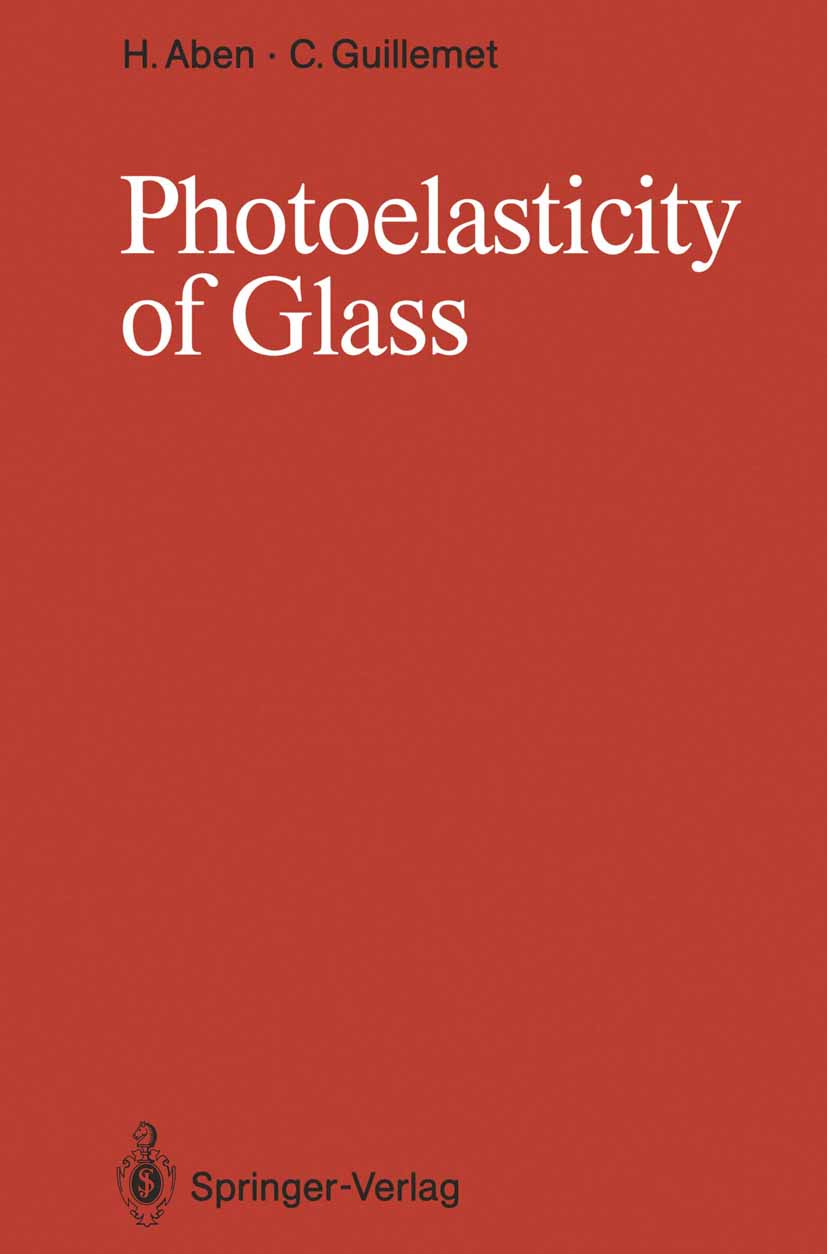
Photoelasticity of Glass Glass is the oldest man-made material. Its invention about five thousand years ago should be considered as one of the crucial events in the history of mankind. Glass has given man the possibility to have daylight in his protected living environment and to compensate the defects of his sight. Glass containers and tableware have played and still play an important role in man's everyday life. Glass elements in microscopes and telescopes have given us the possibility to learn the secrets of micro- and macrocosm. Glass participates in the most sophisticated technologies: glass fibers have caused a revolution in telecommunication, glass is used as a material for many modern electronic devices. Although nowadays plastics often make a strong competition to glass, for many applications glass is still the best material due to its specific properties - its hardness, good transparency, resistance to chemicals, the easiness to shape glass articles, feasibility to change the composition of the glass in order to meet new specific demands, etc. Two peculiarities of glass should be pointed out. The first is the fragility of glass - it breaks easily due to tensile stresses. The second is the fact that in every glass item there exist residual stresses due to the complicated technological process during which glass from the state of a viscous liquid at high temperature turns into solid state, while cooled down. TECHNOLOGY & ENGINEERING,Materials Science,General
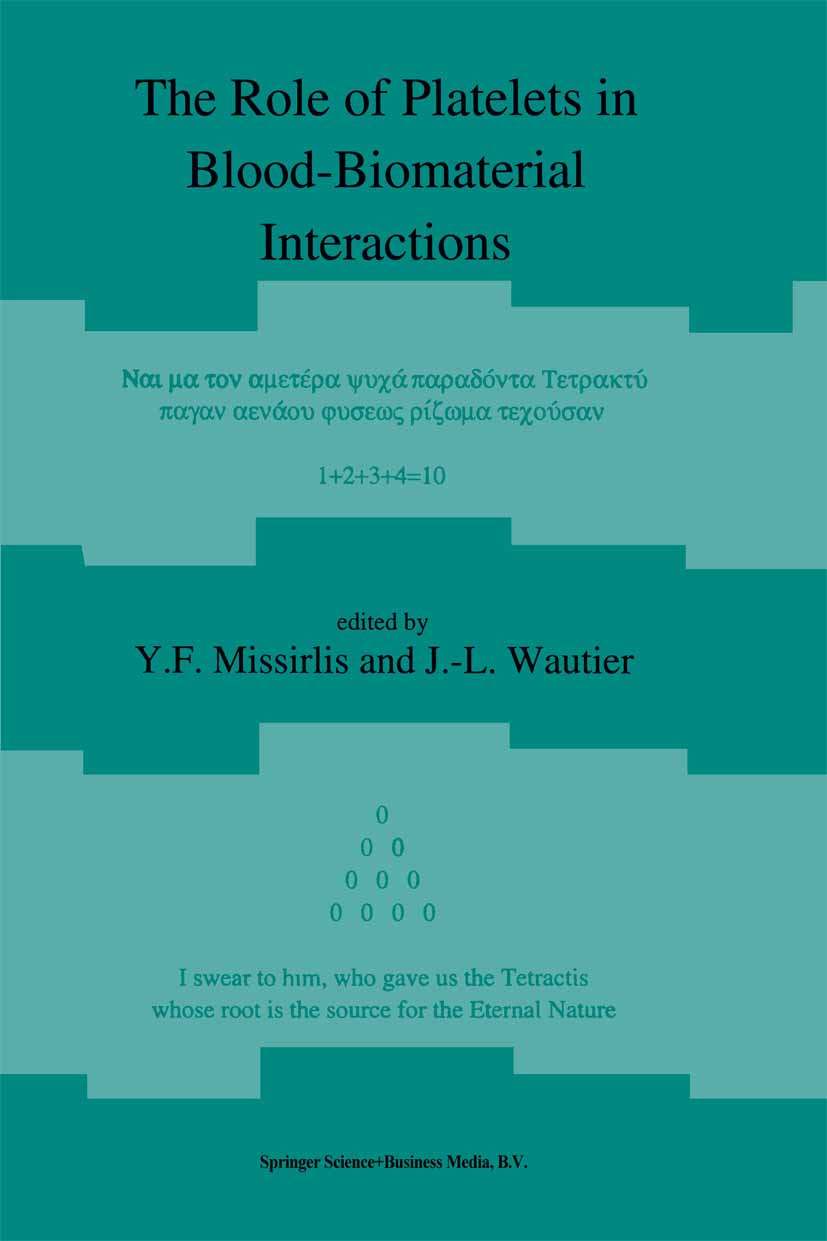
The Role of Platelets in Blood-Biomaterial Interactions Medicine and engineering work together towards solutions for biomedical problems. The interactions of blood elements with artificial materials (bags, tubes, artificial organs, etc.) require many disciplines for its understanding. Thus the effort presented in this book is the culmination of a genuine discussion on the problems arising in blood banks, in hospitals, in biomaterials development, in experimental hemocompatibility testing when platelets interact with biomaterials. Hematologists, chemists, biologists and engineers have tried to put their own point of view and to understand the point of view of the other disciplines. The main themes that are presented in the discussion are: Platelet collection, storage and transfusion; Hemostasis and anticoagulation; Platelet and biomaterials, extracorporeal circulation and implanted materials; Hemorheological parameters; Modulation of platelet function; Biological tests for evaluating platelet--biomaterial interactions. £/LIST£ TECHNOLOGY & ENGINEERING,Materials Science,General
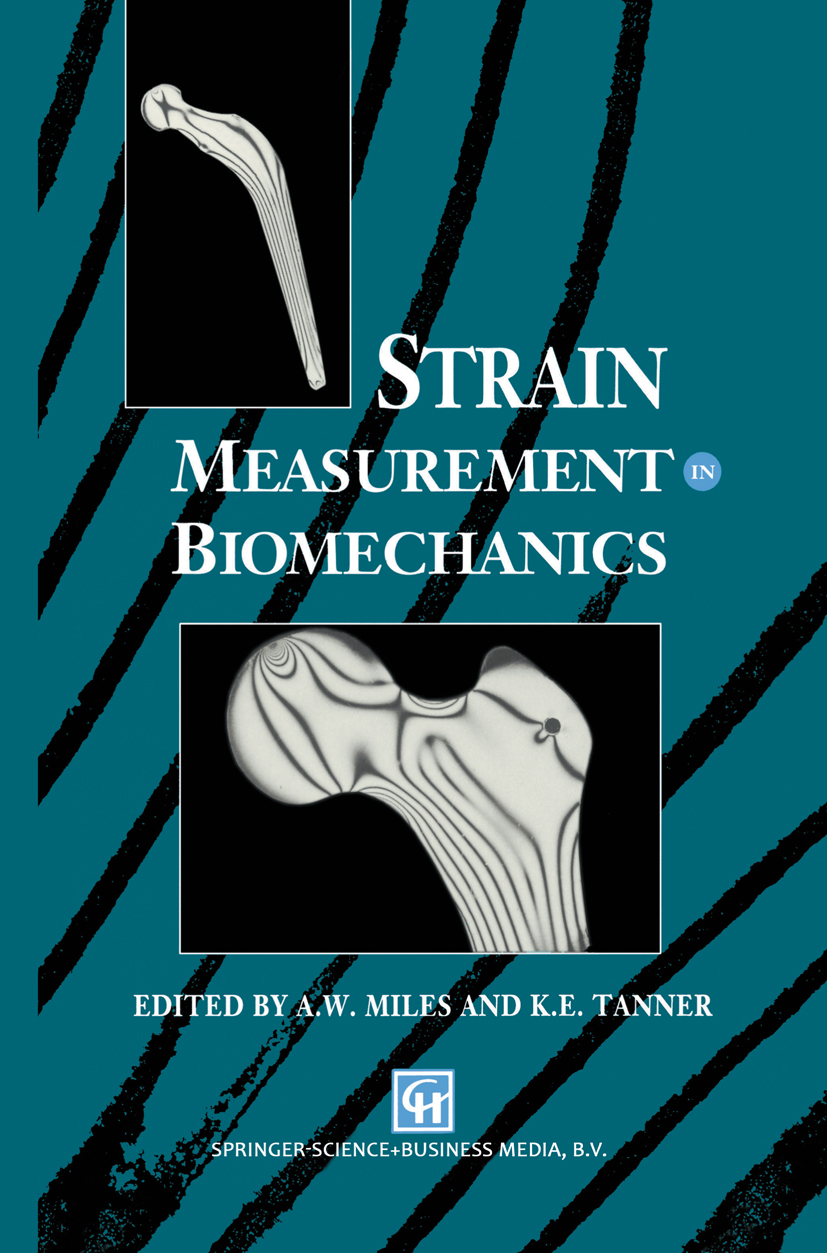
Strain Measurement in Biomechanics Strain Measurement in Biomechanics will provide a valuable reference source for all research workers in biomechanics and biomaterials as well as orthopaedic manufacturers and orthopaedic surgeons. TECHNOLOGY & ENGINEERING,Materials Science,General
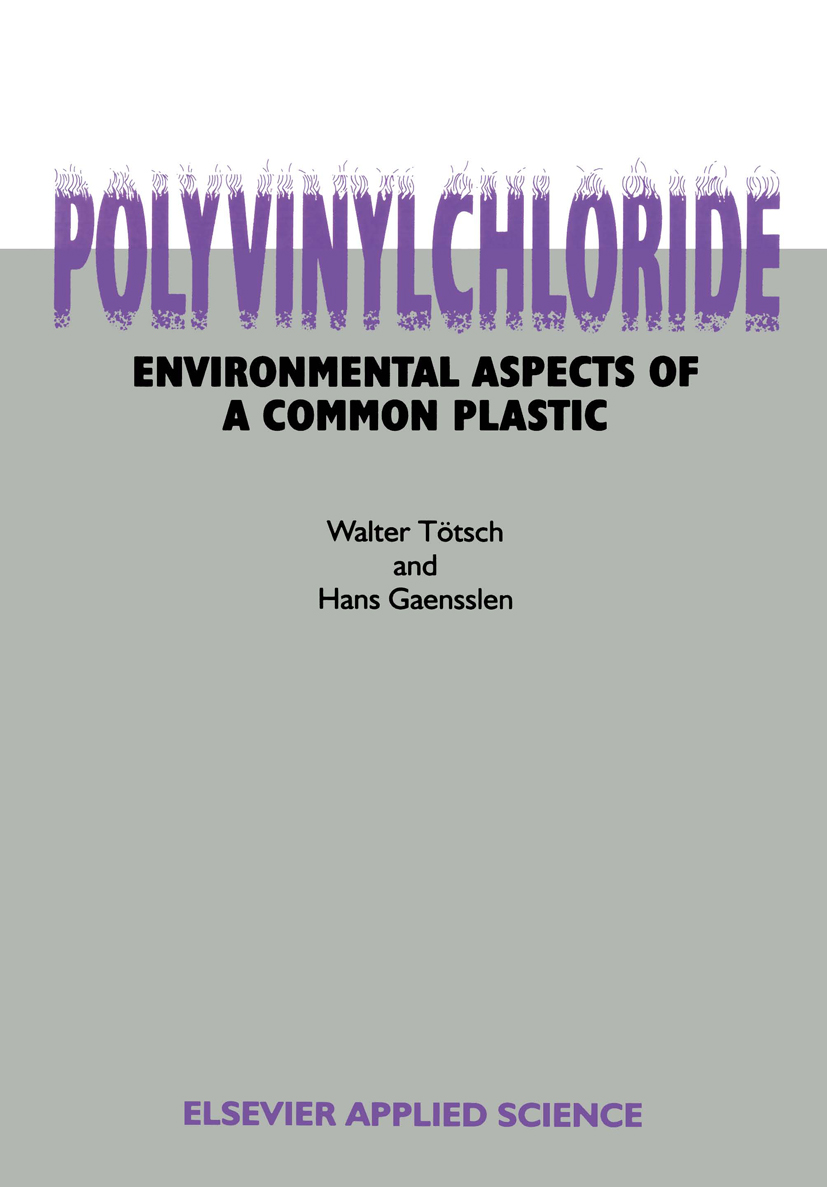
Polyvinylchloride This paper combines data on production, on processing and formulating, on application, on the waste stream and on the possibilities for recycling polyvinyl chloride insofar as such data has relevance for an assessment of environmental impact. It is intended to help place the PVC debate on a factually well-founded basis. The paper describes many, but not all facets of the environmental effects of a common plastic. This book is based on work carried out at the Fraunhofer Institute for Systems Technology and Innovations Research and particularly on a report drawn up on the order of the Research Centre Julich (Gaensslen, H. , Sordo, M. , TOtsch, W. : Production, Processing and Recycling of PVC. Order Number 011/41072711/930, April 1989). We would like to express our thanks to Dr. Kollmann of KFA Julich for placement of this order. This book would not have come into being but for the assistance given by many colleagues. Magdalena Sordo carried out valuable preliminary work which forms the basis of many parts of the book. We would like to thank the following as representatives of our other colleagues: Eberhard BOhm for proof reading, Gunther Heger for the data base researches and Joachim Waibel for producing the illustrations. The book has been translated by H. P. Kaufmann, Technical Translations, Marketing & Advisory Services, London. We are especially grateful to Harold M. Clayton and his colleagues at Hydro Polymers Ltd for proof-reading the English manuscript. vii Contents Preface 1. TECHNOLOGY & ENGINEERING,Materials Science,General

Polyurethane Elastomers The aim of this monograph has been to distil into a single volume, in an easily read and assimilated format, the essentials of this often complex technology such that it is usable by all technical and semi-technical people who wish to become their own polyurethane and polyurethane elastomer expert. TECHNOLOGY & ENGINEERING,Materials Science,General

Biologically Modified Polymeric Biomaterial Surfaces gap always exists between the material performance generation of new molecules along with the release during in-vivo animal tests and clinical situations, of substances from a multitude of cells. The plasma because of the difference in individual reactions proteins (including coagulation and complement proteins), the blood cells deposited on the material between one animal and another and humans. Likewise, sophisticated in-vitro and in-vivo models surface or circulating in the blood stream and their are being developed to study living body responses. released substances take part in the dynamic process of fibrinolysis and thrombus formation. Progress has been achieved in culturing mammalian cells, particularly human cells, which has lead to new in-vitro models to study cell-biomaterial Tissue response interactions. These techniques are discussed in the other chapters of this volume. Materials implanted in tissues always generate a response. The major tissue response in the extra BIOLOGICAL MODIFICATION vascular system is an inflammatory process, which may be induced chemically or physically. Many Surfaces of polymeric biomaterials may be modified proteins and cells are involved in this very complex by using a variety of biological entities (e.g. TECHNOLOGY & ENGINEERING,Materials Science,General

Gas Sensors There were two reasons that induced me to plan and to organize this book, the first was the lack of a text entirely devoted to the subject of gas sensors, notwithstanding some books devoted to the various kind of chemical sensors have recently been published. The second reason was the need of introducing the basic topics of gas detection mechanisms to a growing number of researchers active in research and development laboratories of industries and uni versities. The field of chemical sensors is indeed in fast and consistent growth, as it is proved by the increased number of participants to the congresses that were recently held on this subject, namely the Third Meeting on Chemical Sensors (September 24 - 26, 1990, Cleveland), Transducers' 91 (June 24 - 27, 1991, S. Francisco) and EUROSENSORS V (September 30 - October 3, 1991, Rome). Therefore, this book is mainly intended as a reference text for researchers with a MS degree in physics, chemistry and electrical engineering; it reports the last progresses in the R. & D. and in the technology of gas sensors. I choose to deal specifically with the topic of gas sensors because these devices show a very large number of applications in the domestic and industrial field and they are characterized by a great effort of research and development. TECHNOLOGY & ENGINEERING,Materials Science,General
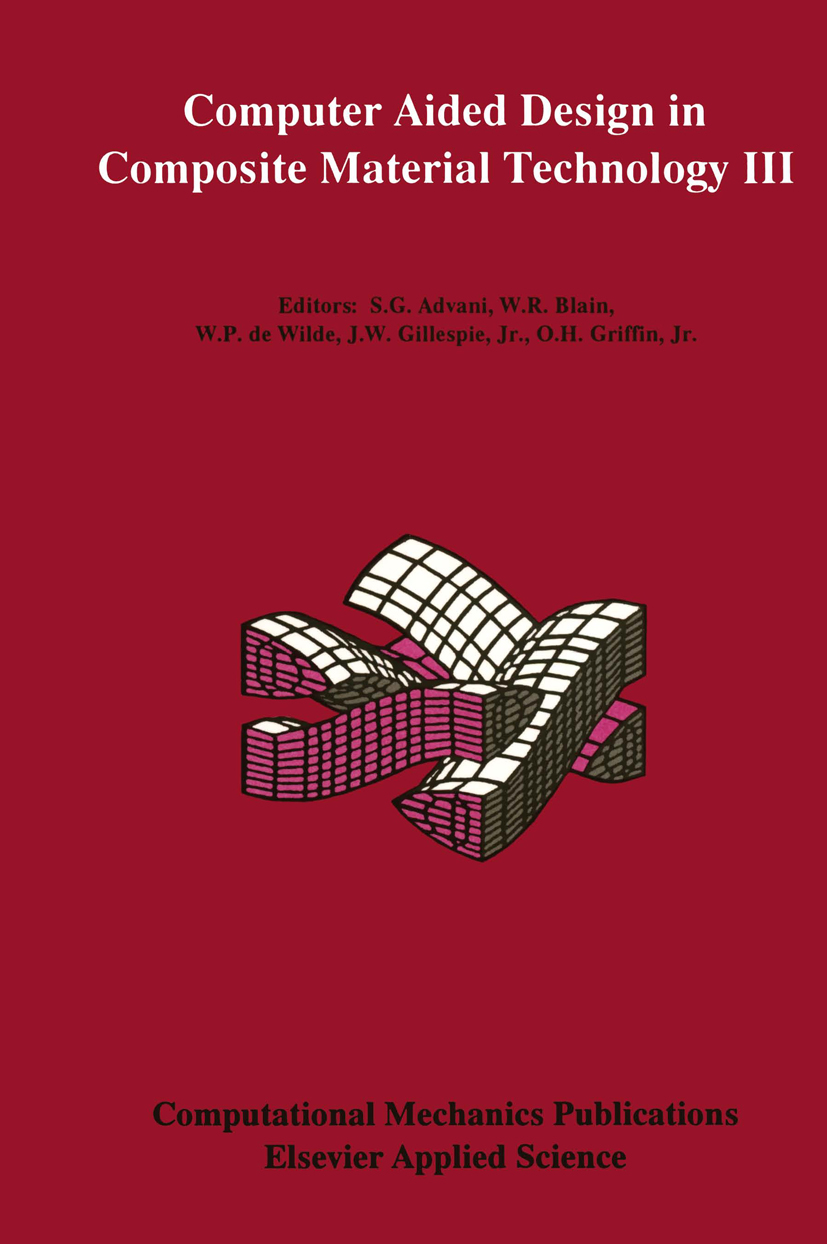
Computer Aided Design in Composite Material Technology III Co-published with Computational Mechanics Publications, UK. Papers presented at the Third International Conference on Computer Aided Technology Design in Composite Material Technology, University of Delaware, Newark, USA, May 1992. TECHNOLOGY & ENGINEERING,Materials Science,General
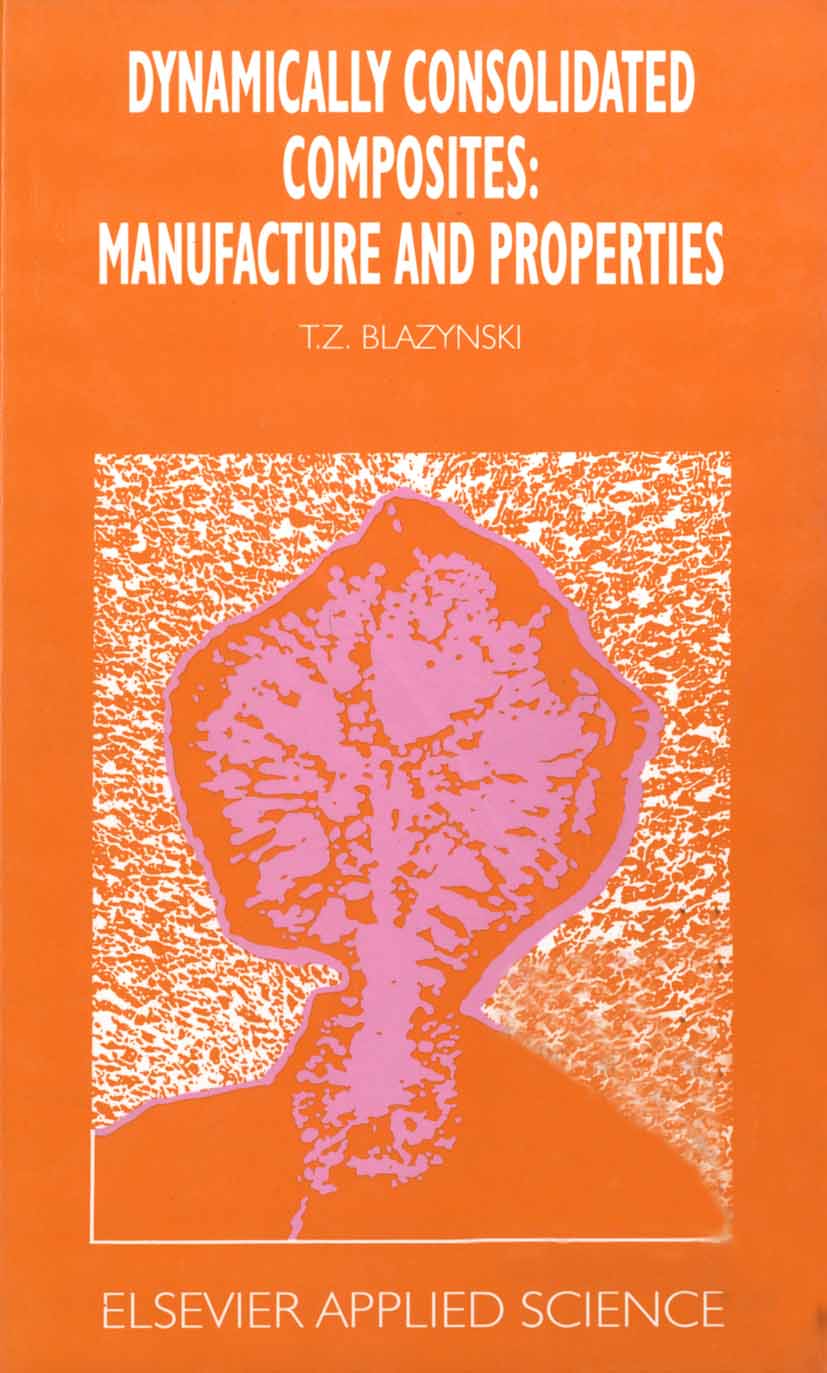
Dynamically Consolidated Composites New composite materials and semi-fabricates, as disparate in their nature as solid multilaminates and powder compacts, have been steadily increasing in importance. Their application to a variety of industrial situations is being made easier by the considerable development of conventional manufacturing techniques which fulfil many of the requirements imposed on such materials. At the same time, however, the degree of their exploitation can be limited by, either the inadequate final product properties, or simply - as in the case of particulate matter - by the inability of these techniques to produce significant quantities of the composite. For these reasons, combined with the ever increasing demand for highly sophisticated composites, attention has been focused on the dynamic manufacturing methods. Not only do they extend the range of the available routes, but they also offer the possibility of achieving chemical and/or structural syntheses of new materials from either the elemental or complex constituents. What is more, these techniques often tend to ensure integral bonding of the elements of the structure and they thus enhance the mechanical properties of the composite. TECHNOLOGY & ENGINEERING,Materials Science,General
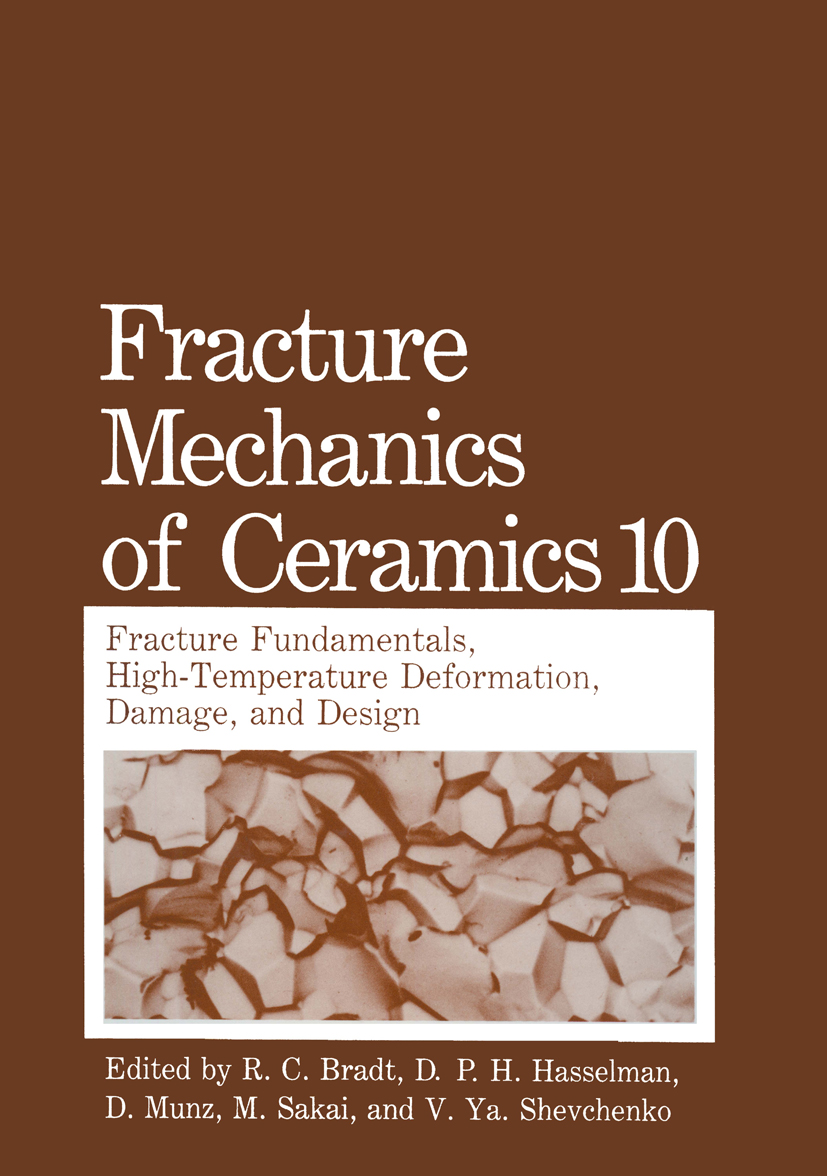
Fracture Mechanics of Ceramics Second half of the proceedings of the Fifth International Conference held in Nagoya, Japan, July 15-17, 1992. TECHNOLOGY & ENGINEERING,Materials Science,General
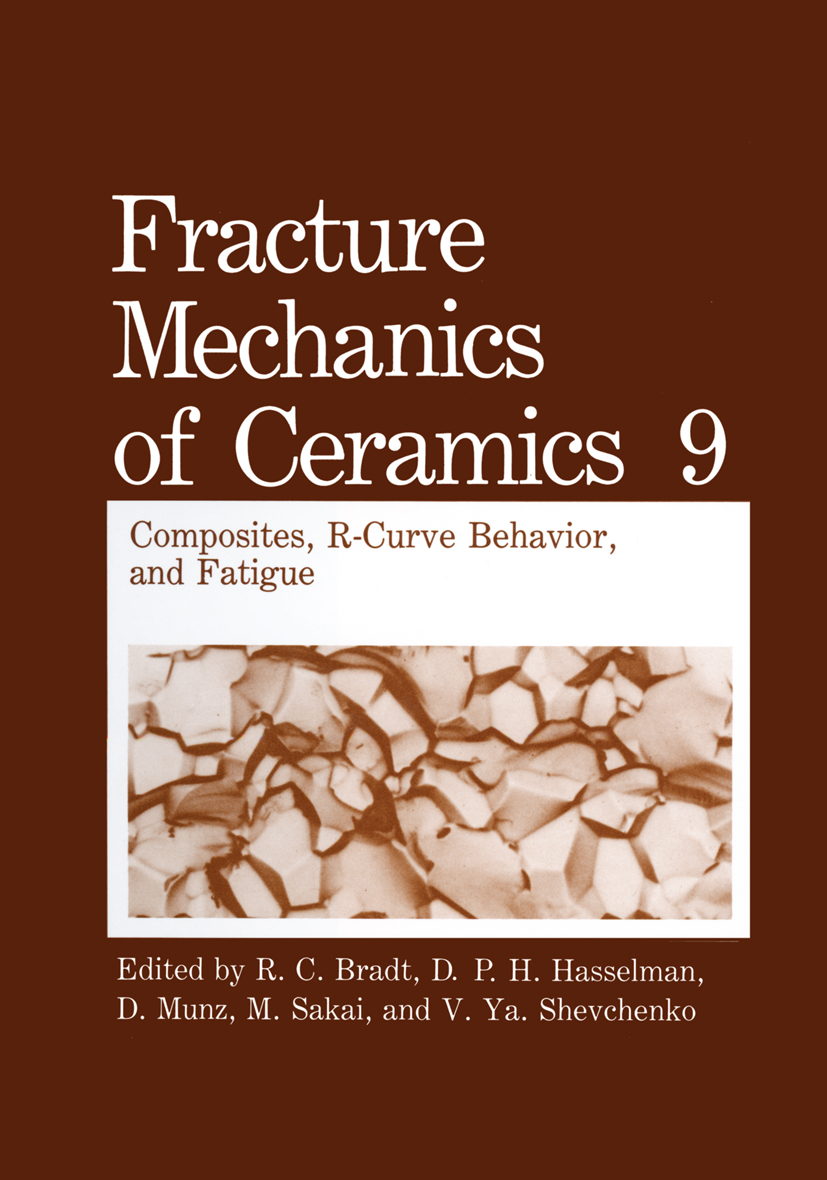
Fracture Mechanics of Ceramics First half of the proceedings of the Fifth International Symposium held in Nagoya, Japan, July 15-17, 1991. TECHNOLOGY & ENGINEERING,Materials Science,General
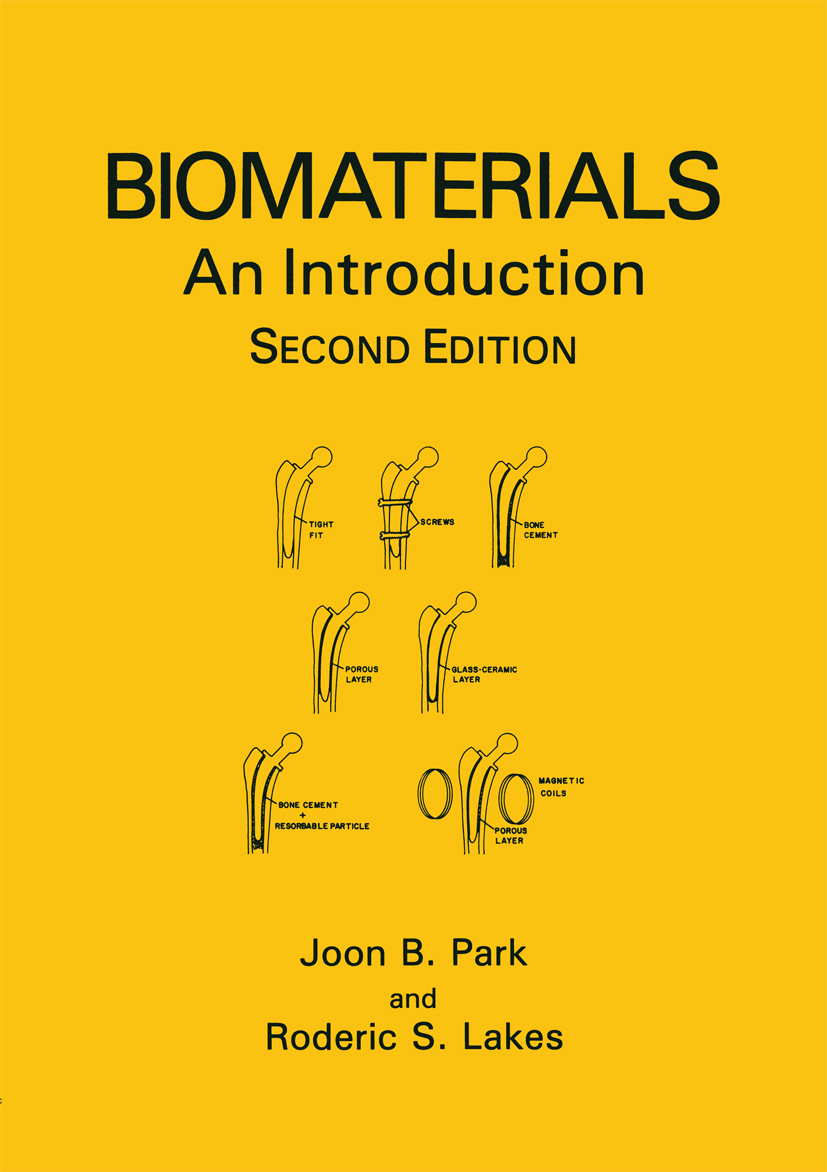
Biomaterials This book is intended as a general introduction to the uses of artificial materials in the human body for the purposes of aiding healing, correcting deformities, and restoring lost function. It is an outgrowth of an undergraduate course for senior students in biomedical engineering, and it is offered as a text to be used in such courses. Topics include biocompatibility, techniques to minimize cor rosion or other degradation of implant materials, principles of materials science as it relates to the use of materials in the body, and specific uses of materials in various tissues and organs. It is expected that the student will have successively completed elementary courses in the mechanics of deformable bodies and in anatomy and physiology, and preferably also an introductory course in materials science prior to undertaking a course in biomaterials. Many quantitative examples are included as exercises for the engineering student. We recognize that many of these involve unrealistic simplifications and are limited to simple mechanical or chemical aspects of the implant problem. We offer as an apology the fact that biomaterials engineering is still to a great extent an empirical discipline that is complicated by many unknowns associated with the human body. In recognition of that fact, we have endeavored to describe both the successes and the failures in the use of materials in the human body. Also included are many photographs and illustrations of implants and devices as an aid to visualization. TECHNOLOGY & ENGINEERING,Materials Science,General
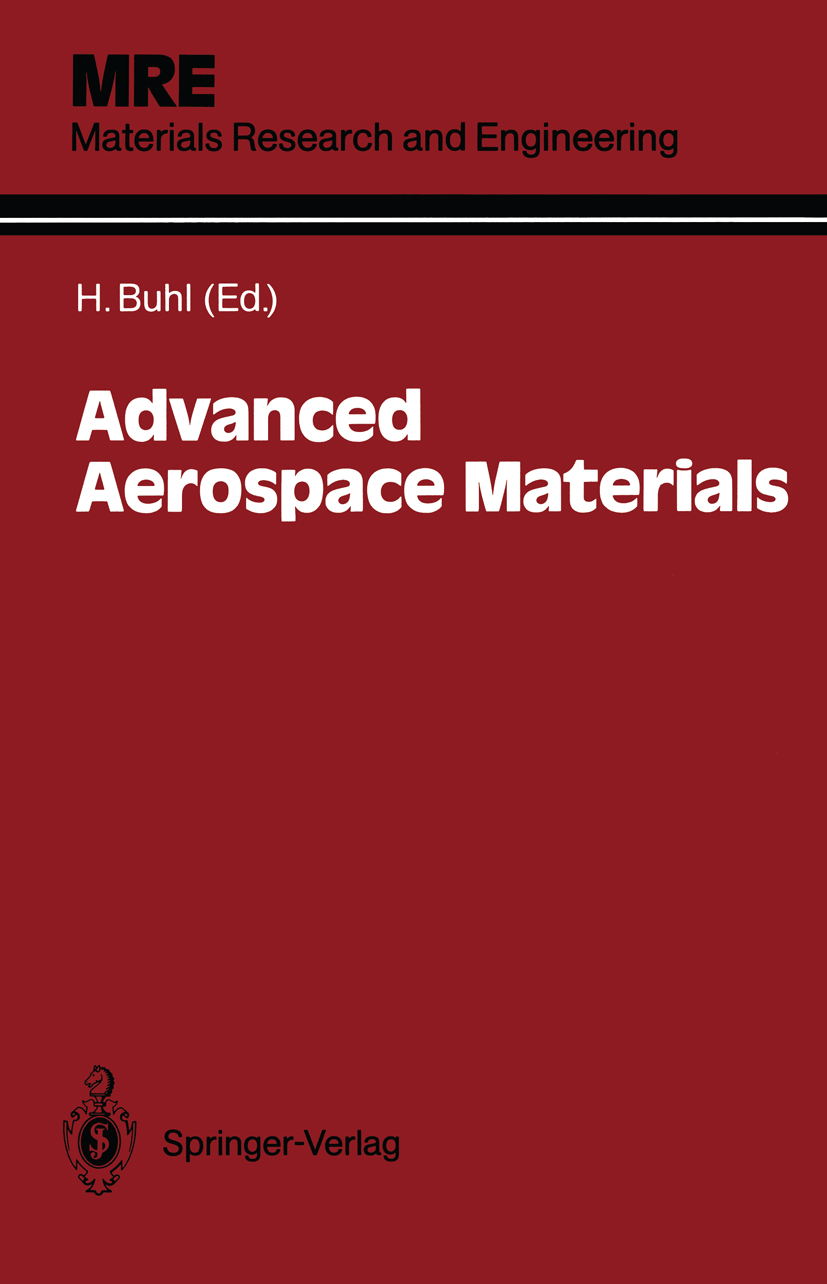
Advanced Aerospace Materials Very light, very strong. extremely reliable -aircraft and aerospace engineers are. and have to be. very demanding partners in the materials community. The results of their research and development work is not only crucial for one special area of applications. but can also lead the way to new solutions in many other areas of advanced technology. Springer-Verlag and the undersigned editor are pleased to present in this volume. an overview of the many facets of materials science and technology which have been the objective of intensive and systematic research work during past decades in the laboratories of the German Aerospace Research Establishment. Its contents shows clearly the interrelations between goals defined by the user. fundamentals provided by the scientists and viable solutions developed by the practical engineer. The particular personal touch which has been given to this volume by its authors in dedicating it as a farewell present to Professor Wolfgang Bunk. inspiring sci entist and director of the DLR Intitute of Materials Research for more than 20 years. has obviously given an added value to this important publication. Surely. this truly cooperative endeavour will render a valuable service to a large interna tional community of interested readers. many of them having personal links to the Institute. its director and its staff. TECHNOLOGY & ENGINEERING,Materials Science,General
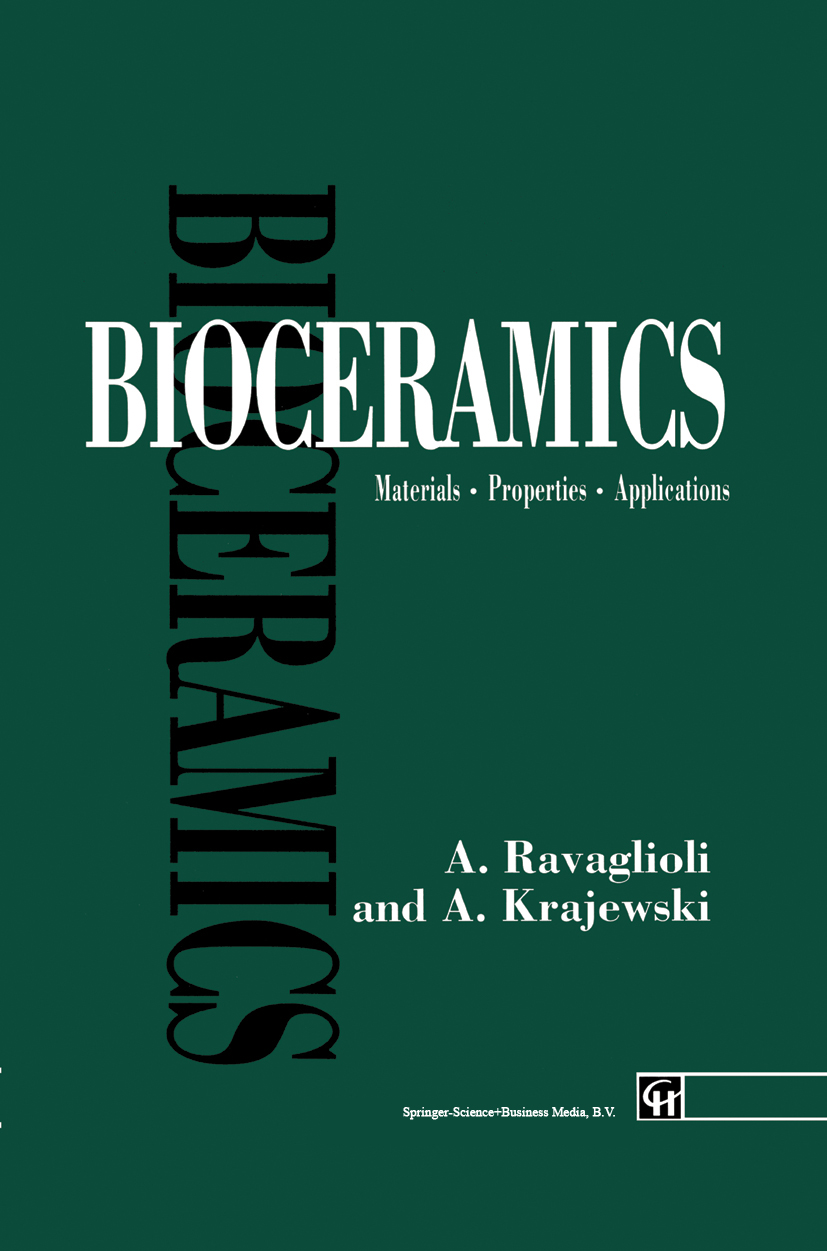
Bioceramics As recently as 20 years ago, ceramics were widely ignored as potential biomaterials. Interest in bioceramics has increased dramatically over the past decade to the point where it is anticipated they will be the materials of choice for many orthopedic, otologic, maxillofacial and dental applications during the decade of the '90s. Alumina ceramics are being used extensively as articulating comJ1onents in total joint prostheses because of Ithe materials low coefficient of friction and excellent wear resistances. Alumina ceramics are also being used in dental and maxillofacial applica tions because of the materials excellent biocompatibility. Because of its ability to chemically bond to bone, hydroxyapatite is rapidly becoming the material of choice for many dental and maxillofacial applications. For the past decade, one of the most widely researched topics in the field of orthopedics has been the clinical evaluation of joint prostheses based upon stabili zation via tissue ingrowth. It appears that the next generation of joint prostheses will be based upon direct chemically bonding to bone using hydroxyapatite, surface-active glass or surface-active glass ceramics coatings. Resorbable bioceramics are limited to temporary bone space fillers, periodontal pockets treatment and resorbable pharma ceutical delivery systems. Bioceramics is a comprehensive reference textbook covering the history of bio ceramics, present status of bioceramics, and prediction for future use of bioceramics. This book will serve as a major reference for students, as well as experienced bio material researchers. The book presents the state-of-the-art of bioceramics as of 1991. TECHNOLOGY & ENGINEERING,Materials Science,General

Bioceramics and the Human Body Proceedings of the International Congress on Bioceramics and the Human Body held in Faenza, Italy, 2-5 April 1991, organized by the IRTEC-CNR Institute in collaboration with Agenzia Polo Ceramico. TECHNOLOGY & ENGINEERING,Materials Science,General
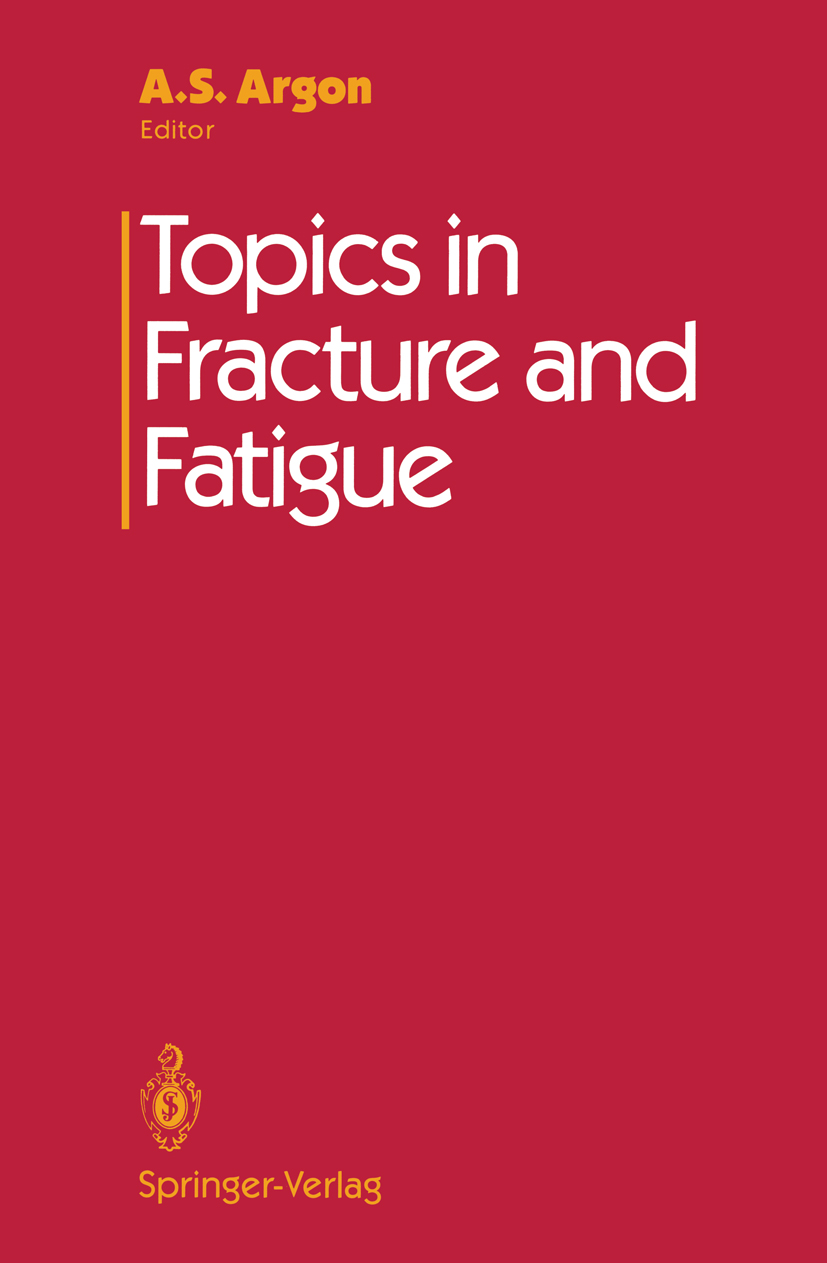
Topics in Fracture and Fatigue Fracture in structural materials remains a vital consideration in engineering systems, affecting the reliability of machines throughout their lives. Impressive advances in both the theoretical understanding of fracture mechanisms and practical developments that offer possibilities of control have re-shaped the subject over the past four decades. The contributors to this volume, including some of the most prominent researchers in the field, give their long-range perspectives of the research on the fracture of solids and its achievements. The subjects covered in this volume include: statistics of brittle fracture, transition of fracture from brittle to ductile, mechanics and mechanisms of ductile separation of heterogenous solids, the crack tip environment in ductile fracture, and mechanisms and mechanics of fatigue. Materials considered range from the usual structural solids to composites. The chapters include both theoretical points of view and discussions of key experiments. Contributors include: from MIT, A.S. Argon, D.M. Parks; from Cambridge, M.F. Ashby; from U.C. Santa Barbara, A.G. Evans, R. McMeeking; from Glasgow, J. Hancock; from Harvard, J.W. Hutchinson, J.R. Rice; from Sheffield, K.J. Miller; from Brown, A. Needleman; from the Ecole des Mines, A. Pineau; from U.C. Berkeley, R. O. Ritchie; and from Copenhagen, V. Tvergaard. TECHNOLOGY & ENGINEERING,Materials Science,General

Advanced Techniques for Surface Engineering Based on the Lectures given during the Eurocourse on Advanced Techniques for Surface Engineering held at the Joint Research Centre, Ispra, Italy, 10-13 November, 1992 TECHNOLOGY & ENGINEERING,Materials Science,General

Hot Isostatic Pressing— Theory and Applications The HIP process was originally devised for diffusion bonding of nuclear fuel elements at Battelle Memorial Institute in the United States in the mid-1950s. This innovative technique has been a subject of global research and development, and was applied to the cemented carbide industry at the end of the 1960s by ASEAj Sandvik. Since then this process has been applied to many kinds of industrial materials, including tool steel, superalloys and electronic and ceramic materials. In very recent years, HIPing technology has been applied even to R& D of high temperature superconducting materials and of a composite process with self combustion reaction. On this occasion we should recognize that the 3rd HIP Conference was held in the midst of such progress of HIP technology, and that it was the first international conference which was held in Asia in the field of HIP and CIP technologies. The conference was very successful, with about 250 participants from 13 countries, including Japan. About 90 presentations, including nine invited lecturers, 44 oral and 35 poster presentations, were offered, and all contributions were at a high level and contained valuable results which had been attained in recent years. TECHNOLOGY & ENGINEERING,Materials Science,General
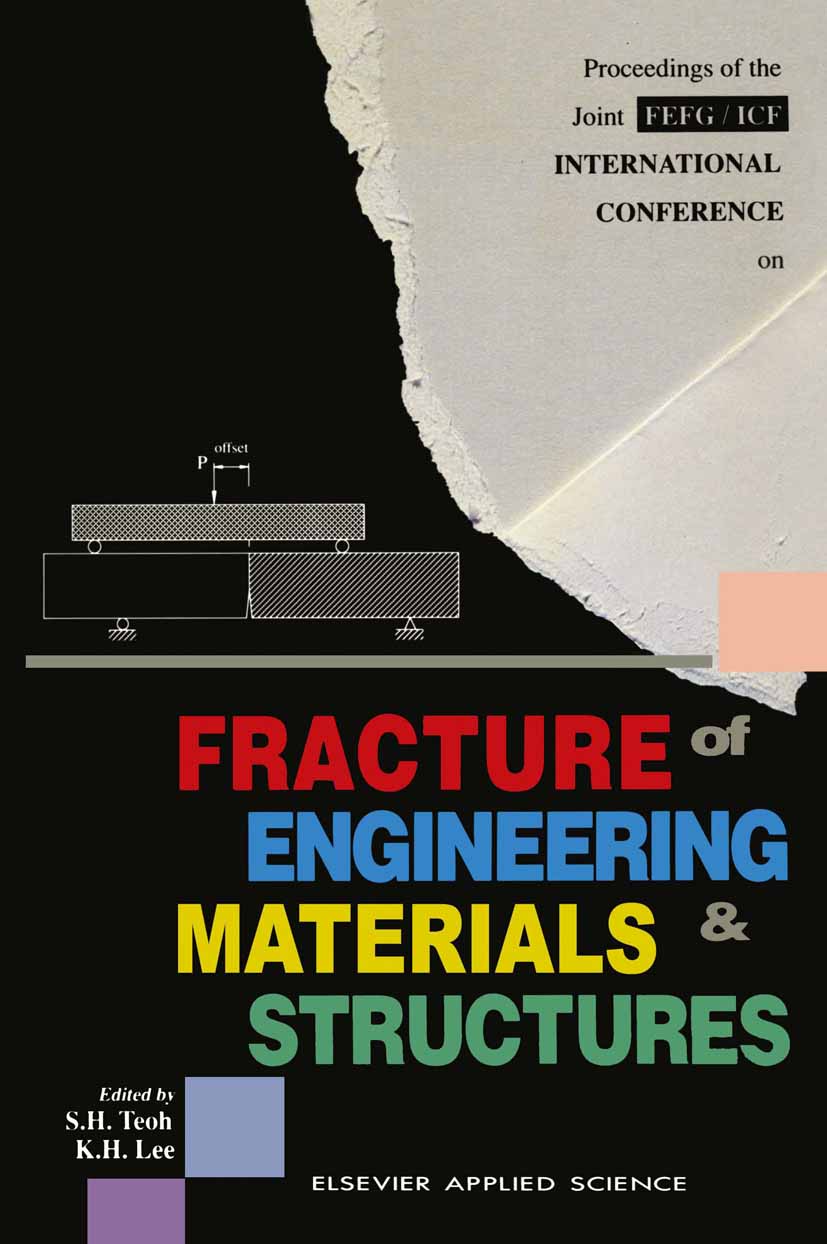
Fracture of Engineering Materials and Structures Recent advances in the field of fracture of engineering materials and structures have increasingly indicated its multidisciplinary nature. This area of research now involves scientists and engineers who work in materials science, applied mathematics and mechanics, and also computer scientists. The present volume, which contains the Proceedings of the Joint FEFG/lCF International Conference on Fracture of Engineering Materials and Structures held in Singapore from the 6th to 8th of August 1991, is a testimony of this multidisciplinary nature. This International Conference was the Second Symposium of the Far East Fracture Group (FEFG) and thus provided a unique opportunity for researchers and engineers in the Far East region to exchange and acquire knowledge of new advances and applications in fracture. The Conference was also the Inter-Quadrennial International Conference on Fracture (ICF) for 1991 and thus appealed to researchers in the international arena who wished to take advantage of this meeting to present their findings. The Conference has brought together over 130 participants from more than 24 countries, and they represented government and industrial research laboratories as well as academic institutions. It has thus achieved its objective of bringing together scientists and engineers with different backgrounds and perspectives but with . a common interest in new developments in the fracture of engineering materials and structures. This volume contains 4 keynote papers, 4 invited papers and 130 contributed papers. TECHNOLOGY & ENGINEERING,Materials Science,General

Dynamic Failure of Materials The rapid pace of current developments in the theoretical, analytical, numerical and experimental fields of dynamic failure of materials called for an international seminar of workshop style aimed at improving the finding and understanding of solutions to the basic physical processes involved in dynamic failure. The Vienna Seminar DFM-l was held at the Technical University Vienna in the historic administration building in the city center under the auspices of the university. More than 30 international experts from all over the world followed the invitation to participate at this seminar. High in the list of priorities was the common desire for ample time for discussions after each technical presenta tion, a fact and a chance frequently made overextensive use of during the seminar. Thus, opportunity was given to the seminar participants to present and expose ideas and results of their original research work, either terminated, ongoing, proposed or conceived and intended, to an international forum of experts for critical discussions, evaluation and appraisal. The technical program included dynamic failure of polymers and steel, numerical modelling of fracture processes, experimental techniques and analytical/numerical investigation of crack/wave interaction problems. The scope of the contributions stretched from implementation of advanced mathematical techniques in the theoretical developments to most direct applications in various fields of engineering practice. Papers published in this volume represent revised, updated and expanded versions of the seminar contributions. TECHNOLOGY & ENGINEERING,Materials Science,General
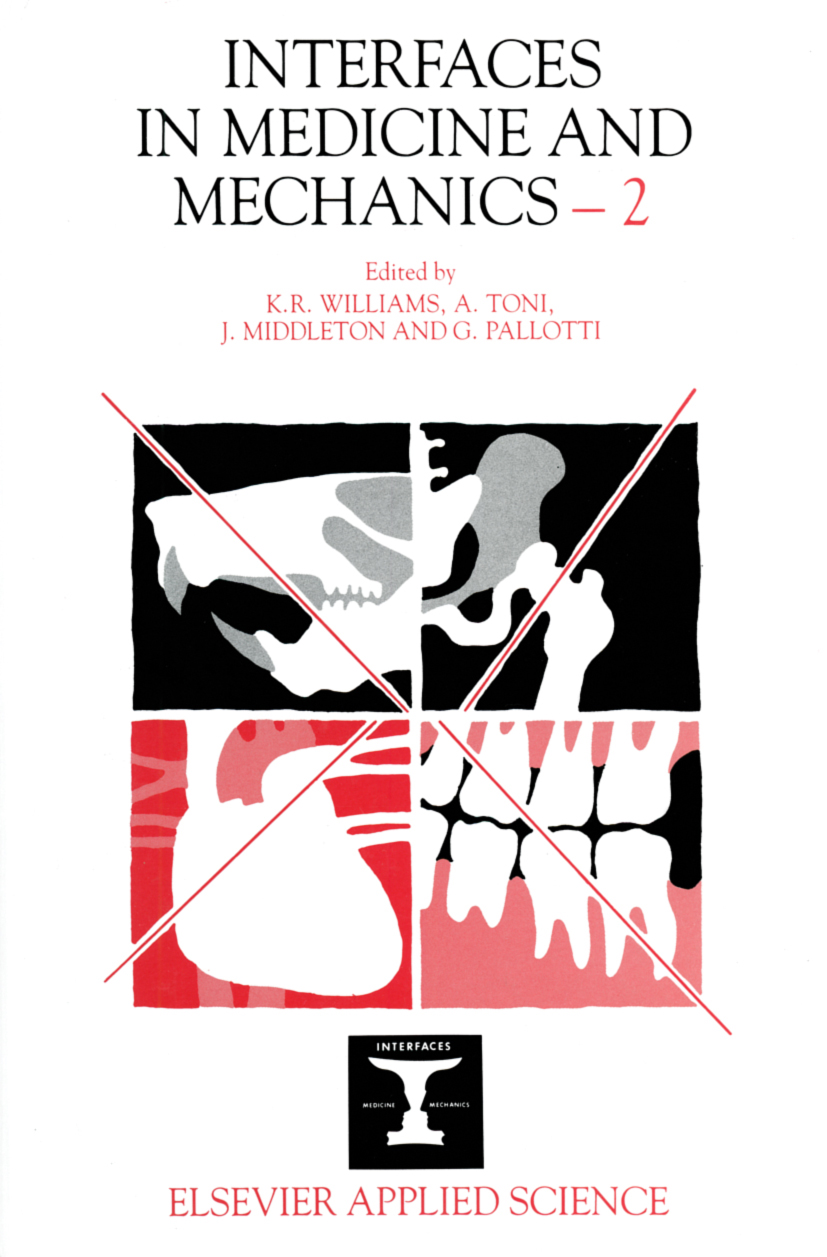
Interfaces in Medicine and Mechanics—2 The first Interfaces Conference was held at Swansea in April 1988 and represented the then state of the art of the science of implant surgery. The motivation for the initial venture was a supposed need for a closer interaction and dialogue between the clinician and scientist working in this area. As expressed in the Preface to the first Conference, we felt that the interface was represented graphically, scientifically and psychologically by the drawings of Edgar Rubins (1915), again widely used in the literature to the present Proceedings. The first Conference, we believe, achieved the aims of the organisers in bringing together scientists and clinicians towards an exchange of ideas by logically pursuing the sequence of events in clinical implant surgery. The present Conference, in collaboration with our Italian colleagues, has also attempted to achieve the same aims by examining the behaviour of implants constructed of a variety of materials in both hard and soft tissue. Many contributions in the conference employed the technique of finite element analysis, both for design and optimisation purposes, particularly in relation to bone remodelling. Indeed, this particular aspect of the Conference led to much debate and will require a major examination of the many levels of physical, chemical and biomechanical interactive behaviour of the implant and its environment. All this natural behaviour was presented and discussed, but difficulties and failures remain with such procedures and we feel it is only by continuing such meetings that we progress in this difficult area of clinical science. TECHNOLOGY & ENGINEERING,Materials Science,General

Materials Beneficiation The purpose of this book is to provide a broad, comprehensive, up-to-date coverage of current beneficiation techniques and processes that are used for both metallic and nonmetallic minerals; and for other materials, such as household and industrial solid wastes, that are also processed by conventional beneficiation methods in their standard methods of recycling and reclamation. Conservation of natural resources is an adjunct of beneficiation in that we have used up once-available deposits of high-grade ores, leaving only the low-grade deposits that must be beneficiated to upgrade them to sufficiently high levels for processing and metal recovery by current extractive technology. Conservation is also important in the reclamation and recycling of indestructible, noncorrosive materials, so that they may be recovered and reused many times over. The mainly physical, relatively uncomplicated, beneficiation treatments also save large quantities of energy, as these comparatively simple operations are all relatively low energy consumers, when compared with the later separation operations of pyro and electrical nature, which are very high energy consumers. Environmentally, both air and water pollution from beneficiation treatments are either quite low or can easily be controlled, and are gas-free and operated at ambient temperature, to make them one of the cleaner and lower polluting processes used in material treatments. TECHNOLOGY & ENGINEERING,Materials Science,General
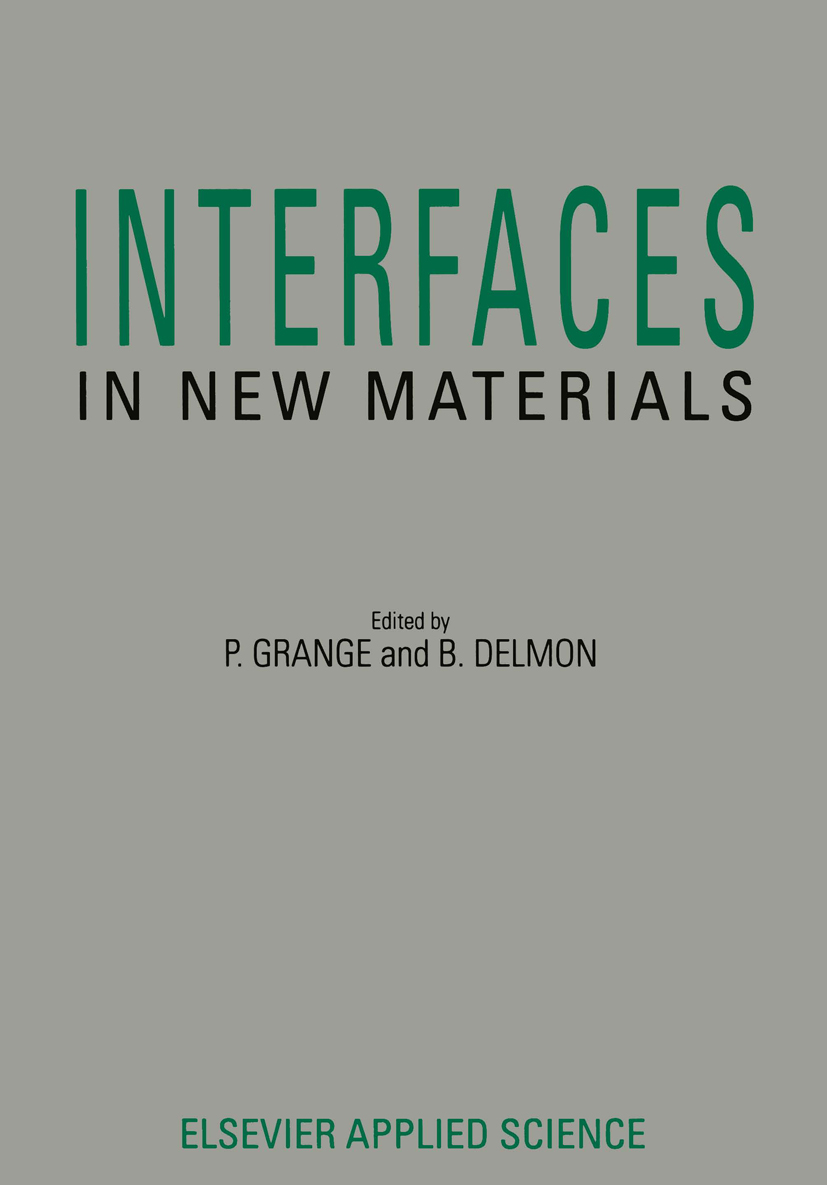
Interfaces in New Materials Proceedings of the workshop, Interfaces in New Materials, held in Louvain-la-Neuve, Belgium, 19-20 November 1990 TECHNOLOGY & ENGINEERING,Materials Science,General
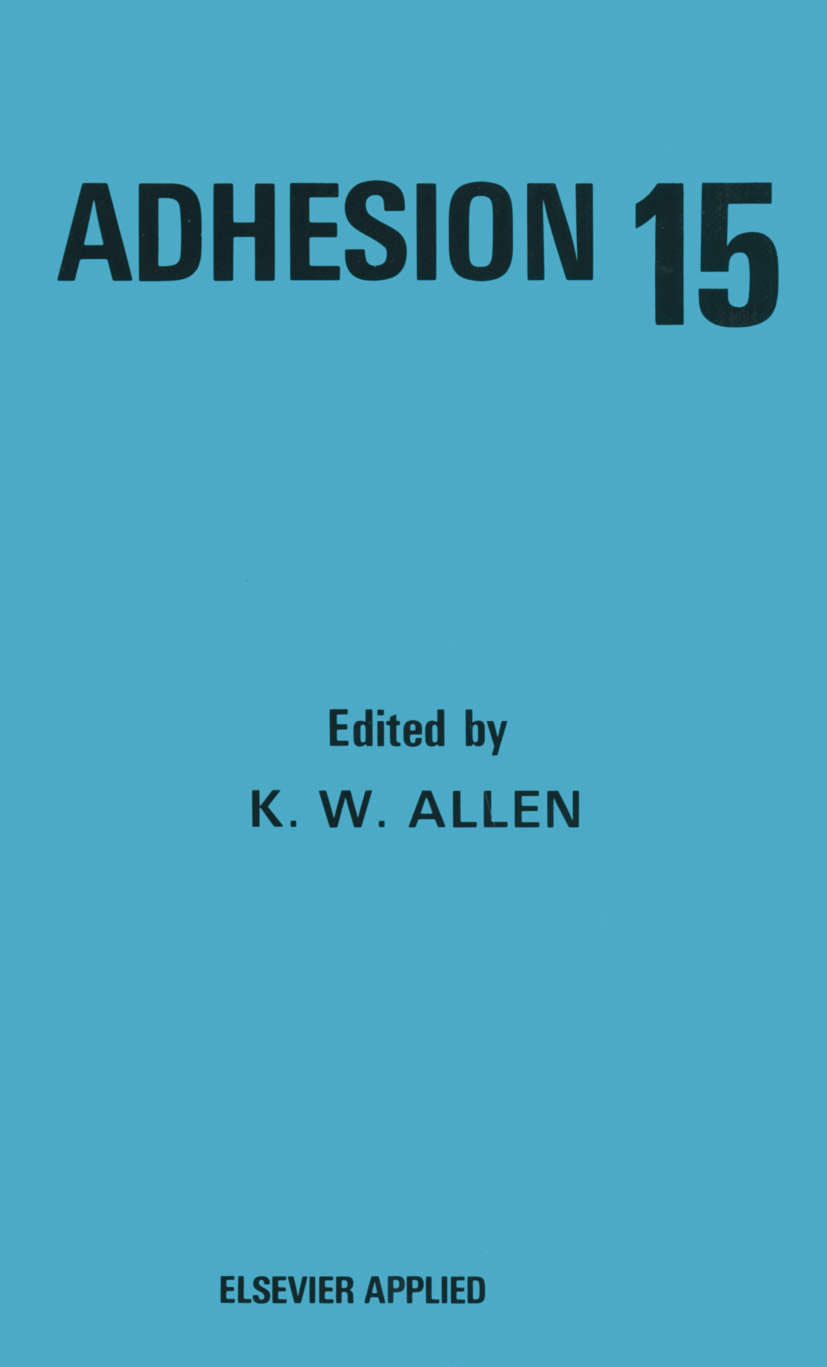
Adhesion 15 Once again, just before Easter, a goodly number of people gathered to hear a series of papers on a variety of aspects of adhesion presented by authors from a number of countries. Overall they all seemed to be as well pleased as ever with what they received. One might have thought that by now-the twenty-eighth year-the whole range of possible topics had been scanned; but no, there are two papers which are concerned with an entirely new one. This arises from the fairly recent recognition that if society is to utilise adhesives and gain anything like their potential advantage, then there is a whole area of dissemination of information and a special sort of education which must be accomplished. To meet this need various initiatives have been undertaken, and two of these are reported within this volume-in addition to papers of the more conventional technological type. As always, I must record my thanks to all those who make possible both these conferences and the books through which the papers are available to a wider audience. The audience, the authors and their secretaries, various people within the University, the publishers and their staff; all are essential parts of the whole. To them, each and everyone, may I express my sincere appreciation and gratitude. TECHNOLOGY & ENGINEERING,Materials Science,General
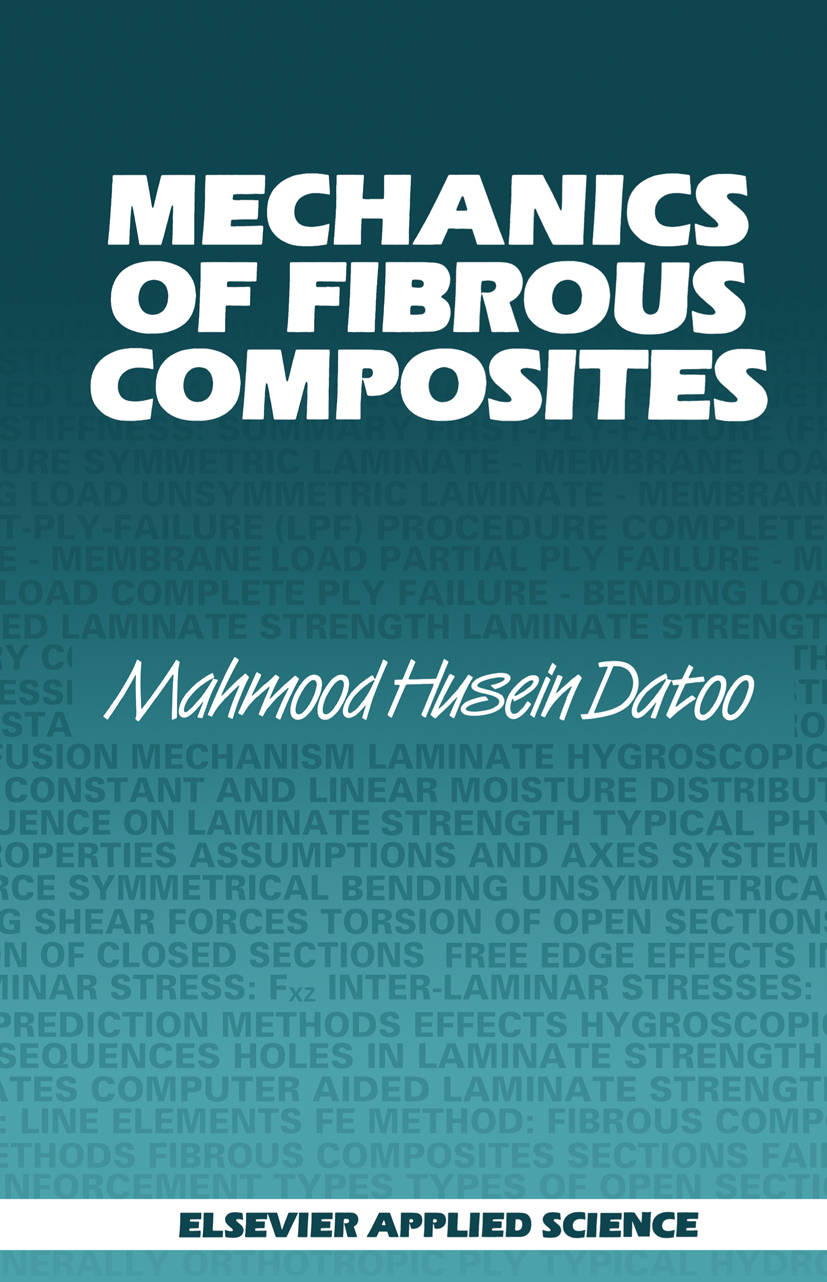
Mechanics of Fibrous Composites Fibre-reinforced plastic (FRP) composite materials are basically of two types. The first type is short fibres reinforced in a plastic matrix, and the other type continuous (long) fibres reinforced in a plastic matrix. The exact distinction between a short and a continuous fibre is discussed in Chapter 1. Continuous fibre-reinforced composite materials are referred to by many labels: FRP composites, advanced composites, fibrous composites, composite materials or simply composites. These terms are now generally accepted to mean the same type of material, namely, continuous fibre reinforced in plastic. In this book, the term fibrous composites is used to define a continuous fibre reinforced in plastic. Fibrous composites are presently in use for a variety of structural applica tions, and may offer an alternative to conventional metallic materials. The behaviour of fibrous composites subjected to a loading condition is very different from that of a metallic isotropic material. Therefore, 'new' analytical and testing methods are required to analyse a structural element and sections made from layered fibrous composites. There are a number of books written on the subject of composite materials. All of these are excellent in their content and achieve the authors' objectives. TECHNOLOGY & ENGINEERING,Materials Science,General
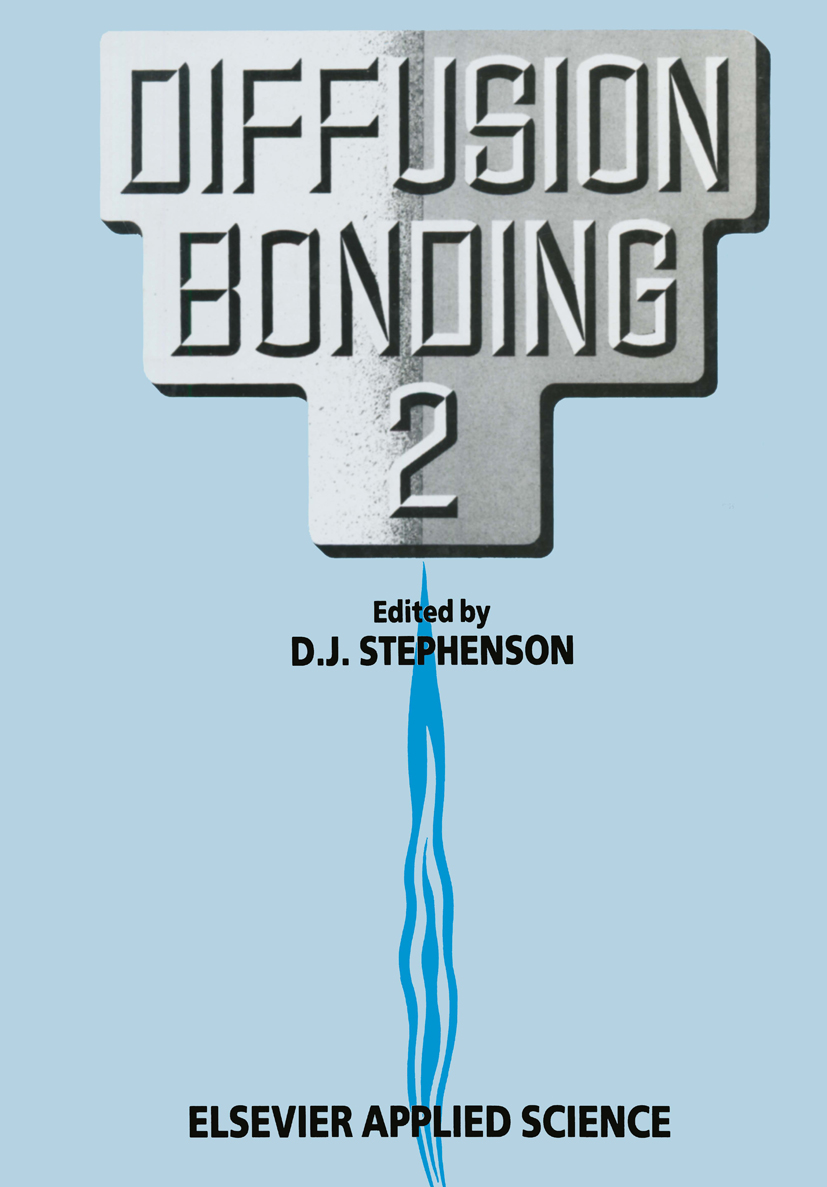
Diffusion Bonding 2 There is currently great interest in the process of diffusion bonding. The main thrust has been in the joining of advanced materials such as superplastic alloys, metal matrix composites and ceramics and, most importantly, to introduce the process into mass-production operations. Diffusion bonding has also led to reduced manufacturing costs and weight savings in conventional materials and developments in hot isostatic pressing have allowed greater design flexibility. Since the first conference on Diffusion Bonding, held at Cranfield in 1987, considerable advances have been made and it was therefore considered appropriate to organise the Second International Conference on Diffusion Bonding which was held at Cranfield Institute of Technology on 28 and 29 March 1990. The meeting provided a forum for the presentation and discussion of recent developments in Diffusion Bonding and was divided into four main subject areas: steel bonding and quality control, diffusion bonding of aluminium alloys, bonding of high temperature materials and general applications. This structure is retained in the proceedings. DAVID STEPHENSON vii CONTENTS v Preface ......................... . TECHNOLOGY & ENGINEERING,Materials Science,General
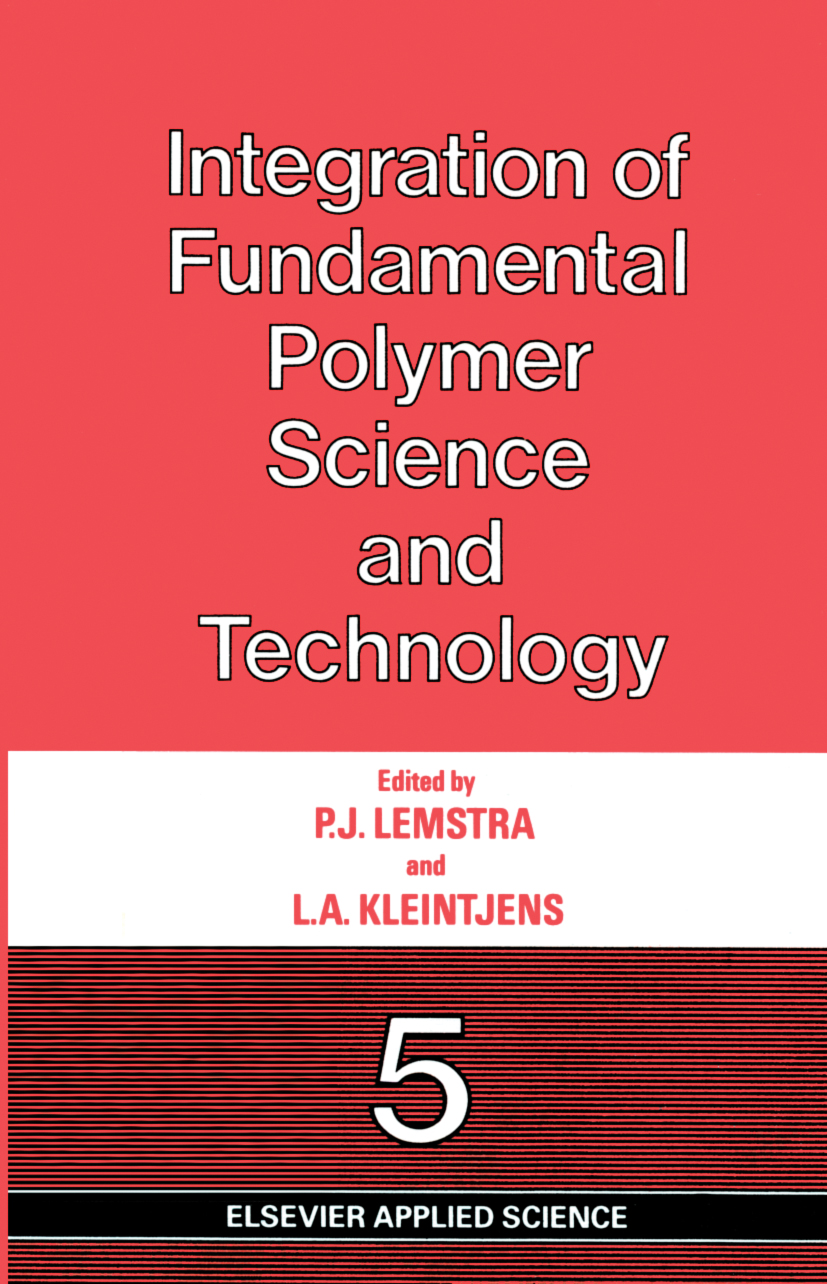
Integration of Fundamental Polymer Sciene and Technology—5 The aim of the Rolduc Polymer Meetings is to stimulate interdisciplinary discussions between academic and industrial scientists and engineers. The general theme of these meetings is 'Integration of Fundamental Polymer Science and Technology'. In order to achieve this goal, experts from various fields are invited to review topics and to initiate discussions relating to future trends and developments. Since all participants are accommodated in Rolduc Abbey, a well-preserved mediaeval monument in Limburg (The Netherlands), an optimum atmosphere is provided for the exchange of ideas. About 400 participants took part in the 5th Rolduc Polymer Meeting, which was held from 29 April to 3 May 1990. This volume contains invited and selected contributed papers on topics such as thermodynamics/blends, liquid crystalline polymers, structure and morphology, polymerization and characterization. We are fully aware of the fact that the reader will not find an integrated presentation of lectures in this volume. Unfortunately, it is impossible to put down in writing the atmosphere of this and previous meetings. However, we hope that the reader will be stimulated to present his own views in forthcoming meetings after reading these proceedings. We wish to thank all contributors to this volume. P. J. L. TECHNOLOGY & ENGINEERING,Materials Science,General
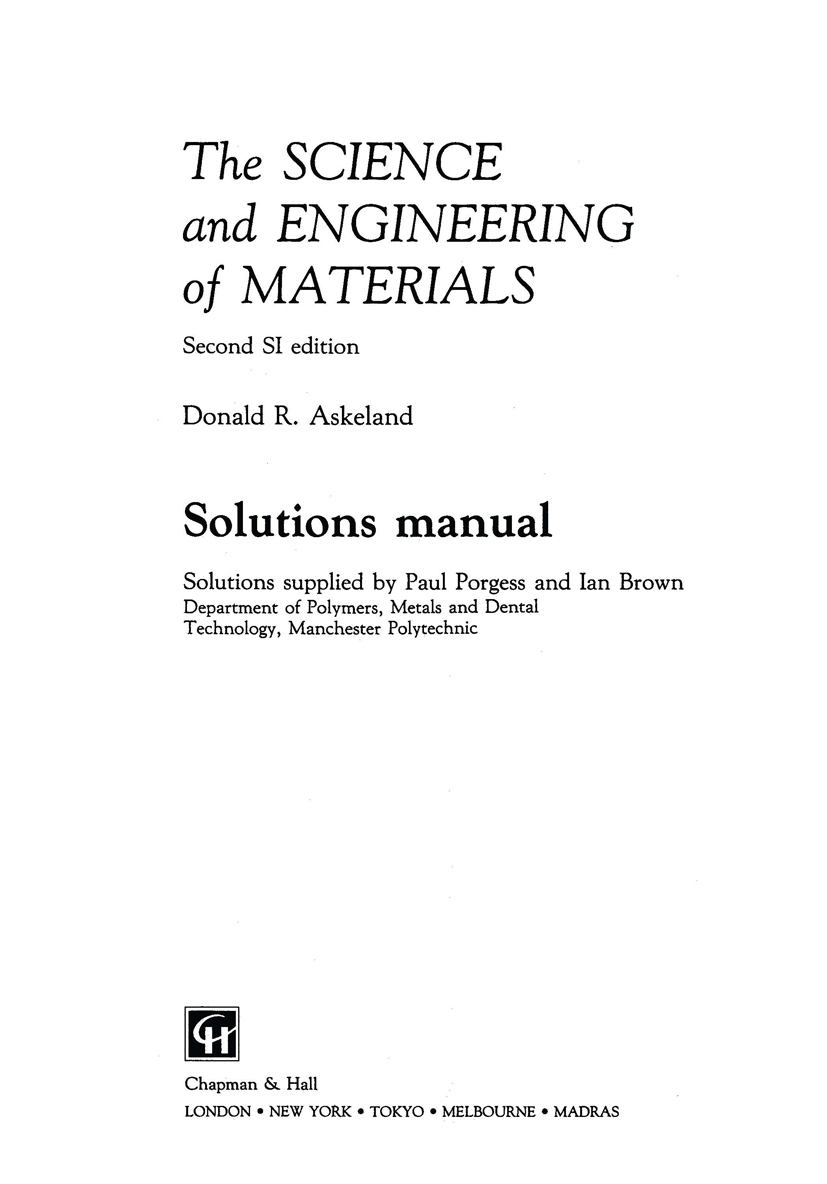
The Science and Engineering of Materials This solutions manual accompanies the SI edition of "The Science and Engineering of Materials", which emphasizes current materials testing, procedures and selection, and makes use of class-tested examples and practice problems. TECHNOLOGY & ENGINEERING,Materials Science,General

Thermal-Mechanical Modelling of the Flat Rolling Process Flat rolling is considered to be one of the most important and most widely used metal forming processes. This book emphasizes the importance of mathematical simulation of this process in the light of the ever in- creasing need for quality improvements through automation. Mathematical models of the hot, warm and cold rolling processes are discussed, compared and critically evaluated. Engineers in the steel industry will find this book particularly useful in their everyday work. TECHNOLOGY & ENGINEERING,Materials Science,General
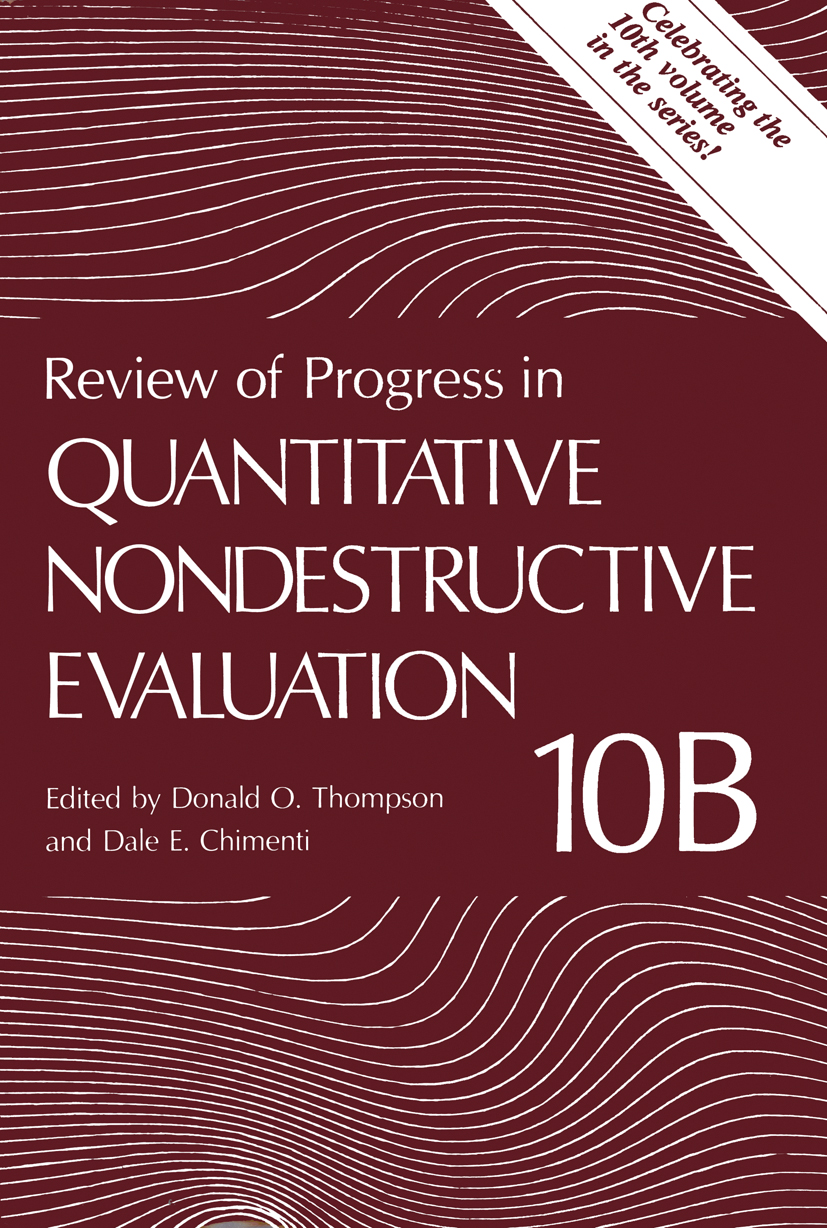
Review of Progress in Quantitative Nondestructive Evaluation Proceedings of the Seventeenth Annual Review held in La Jolla, California, July 15-20, 1990 TECHNOLOGY & ENGINEERING,Materials Science,General
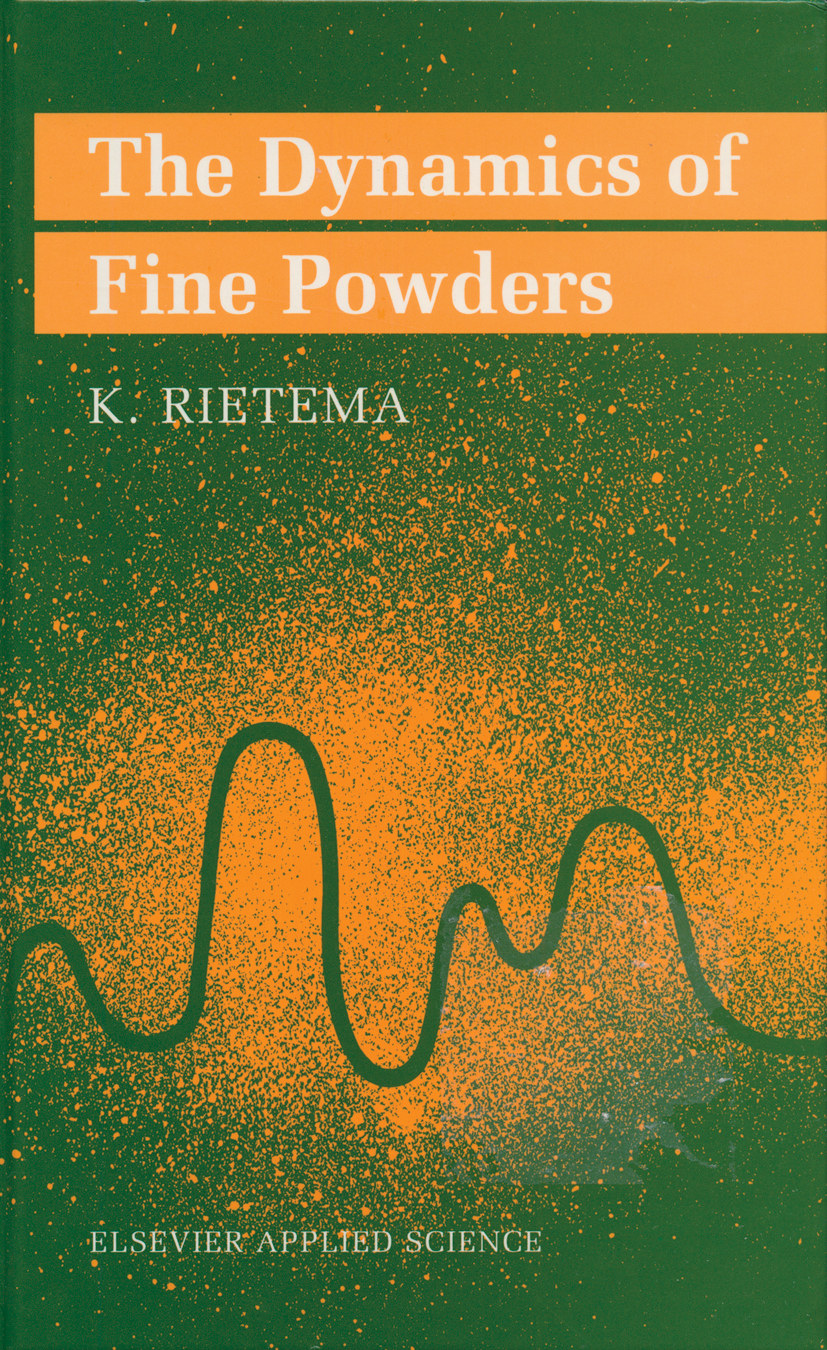
The Dynamics of Fine Powders flour, potato starch, cracking catalyst, sand, and gravel, one will probably agree that the first four materials definitely are powders and the last one certainly is not. Whether one would call sand a powder probably depends on the partiele size and on personal Vlews. When the astronaut Neil Armstrong returned to the Earth from his trip on the surface of the Moon, he stated: 'The surface is fine and powdery. I can kick it up loosely with my toe. It does adhere in fine layers like powdered charcoal to the sole and inside of my boots. I only go in a small fraction of an inch, but I can see the footprints of my boots and the treads in the fine sandy partieles. ' These words elearly show that the behaviour of powders de pends on the circumstances. In wh at respects are those on the Moon different from those on the Earth? (1) The gravitational force on the surface of the Moon is only one-sixth of that on the Earth. (2) There is no gas on the Moon. The latter aspect means that any water brought there would evaporate and disappear immediately, hence powders on the Moon will always be perfect1y dry so that cohesion between the separate partieles due to liquid bridges will be zero. TECHNOLOGY & ENGINEERING,Materials Science,General
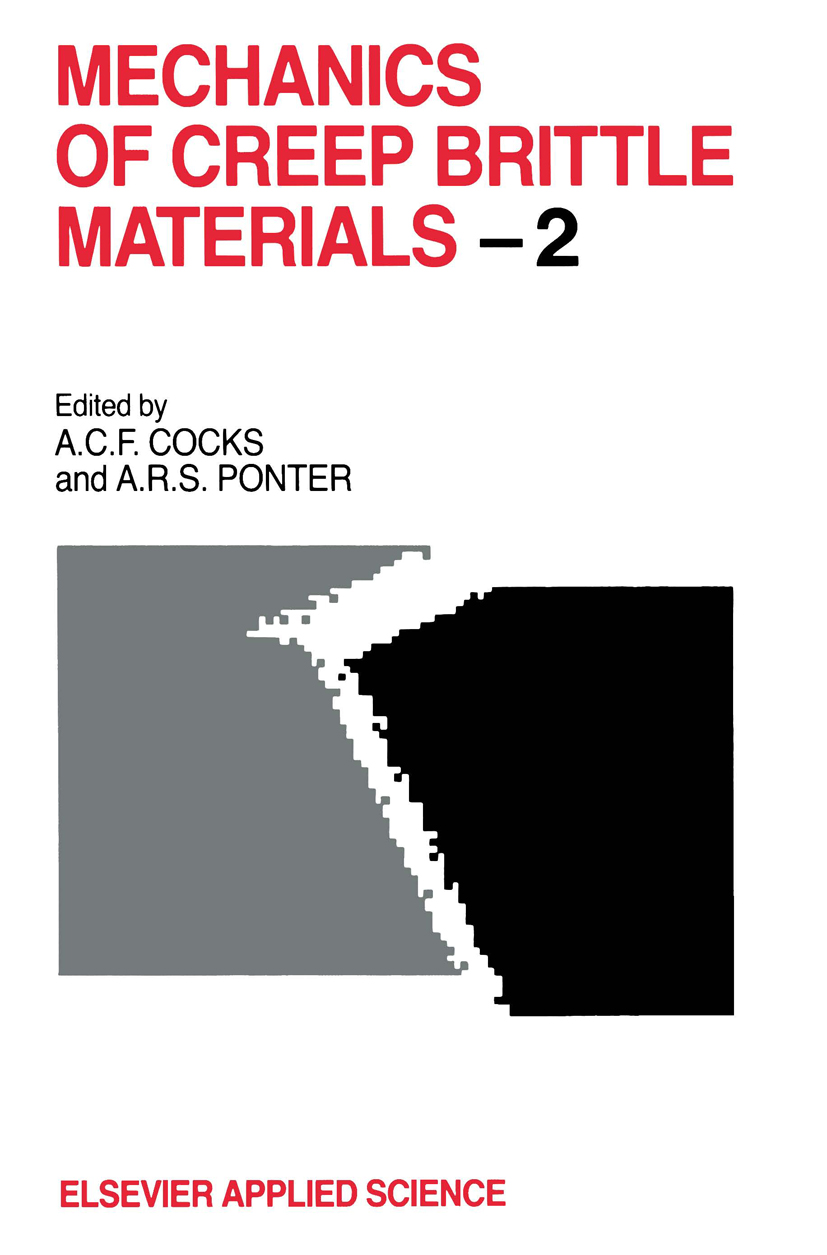
Mechanics of Creep Brittle Materials 2 Mechanics of Creep Brittle Materials-l was published in 1989 as the proceedings of a Colloquium held in Leicester in the summer of 1988. The Colloquium examined the creep response of a wide range of materials, including metals, engineering ceramics and ice, with the aim of determining similarities in the response of these materials and the way in which their behaviour is modelled. The proceedings were structured so as nature of the Colloquium, with papers to reflect the interdisciplinary grouped together largely on the basis of the phenomena being examined, rather than by class of material. Mechanics of Creep Brittle Materials-2 was held in Leicester in Septem ber 1991 to discuss advances made in our understanding of the response of creep brittle materials since the first Colloquium. The scope of the Colloquium was extended to include mineral salts, concrete and com posite systems. These proceedings are once more structured so that the reader can readily compare the response of different material systems and evaluate the suitability of the range of models presented to the materials he is interested in. In fact a number of papers directly compare the of a range of different materials with the aim of identifying behaviour general strategies for the testing and modelling of creeping materials. TECHNOLOGY & ENGINEERING,Materials Science,General
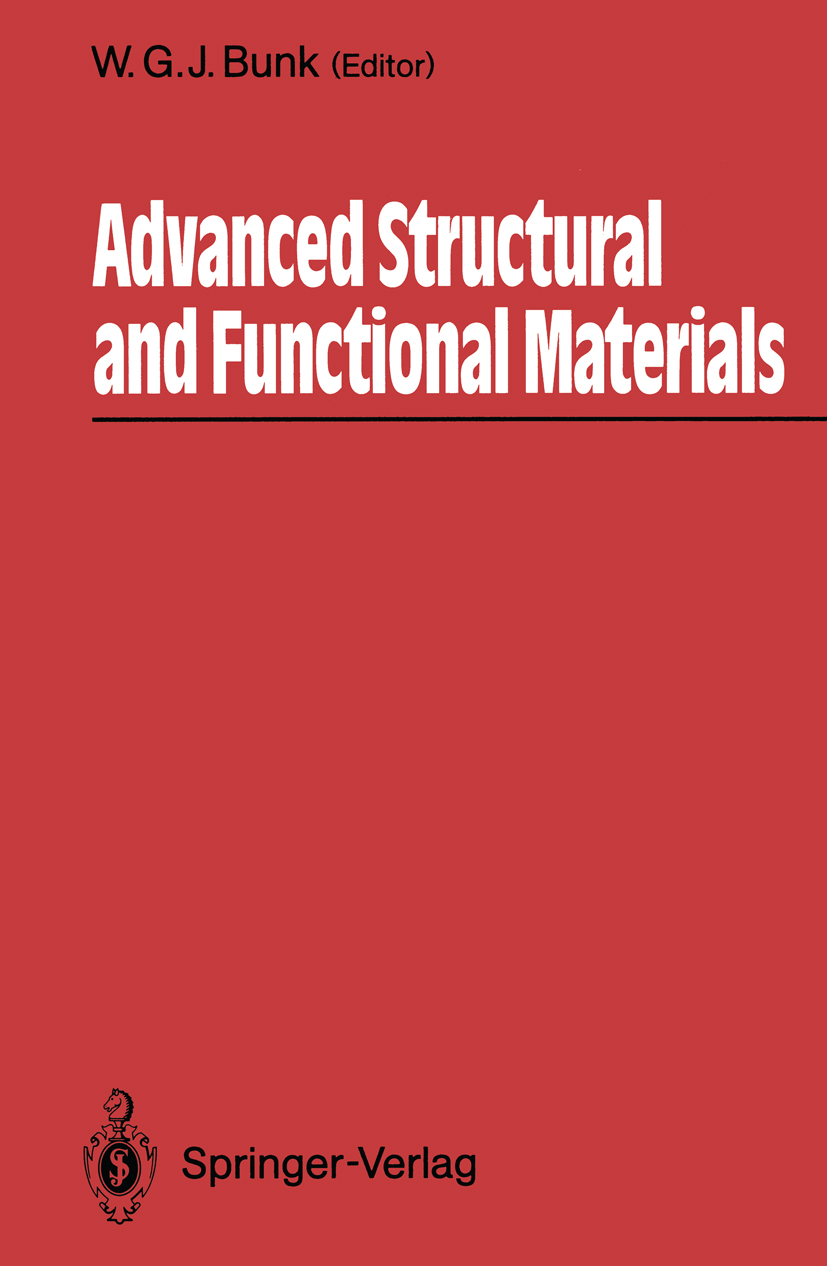
Advanced Structural and Functional Materials Engineering materials are mainly used for structures. Therefore high-strength, stiffness and sufficient toughness are of prime importance. For a long time engineers thought first in terms of metals. Ma terial scientists developed alloys tailored to the needs of in dustry. Ceramics are known to be brittle and therefore not suitable in the first place for structural application under stress. Polymers with their low modulus became attractive when rein forced with high-strength fibres. Composites processed by poly mer, metal or ceramic matrices and high-strength reinforcements have been introduced into many sectors of industry. Engineering materials for structural applications fulfil a function: they withstand high stresses, temperatures, fatigue, creep etc. But usually we do not call them functional materials. Functional material serve applications apart from classical engineering fields. Electricity conducting materials, semi conductors, memory alloys and others are called functional materials. Both categories of materials structural and functional - cover the aspects of the DLR-Seminar 1991 on "Advanced structural and functional materials". in research and The seminar is focused on advanced materials development or at the edge of being introduced into the market. dual character: Preference was given to materials with a structural and functional, some of them more structural, some more functional in their potential. It was necessary to select typical and representative families of during the years by R + D activities somewhat matured mate rials. It was not intended to cover all possible innovations in a two half-days seminar. TECHNOLOGY & ENGINEERING,Materials Science,General
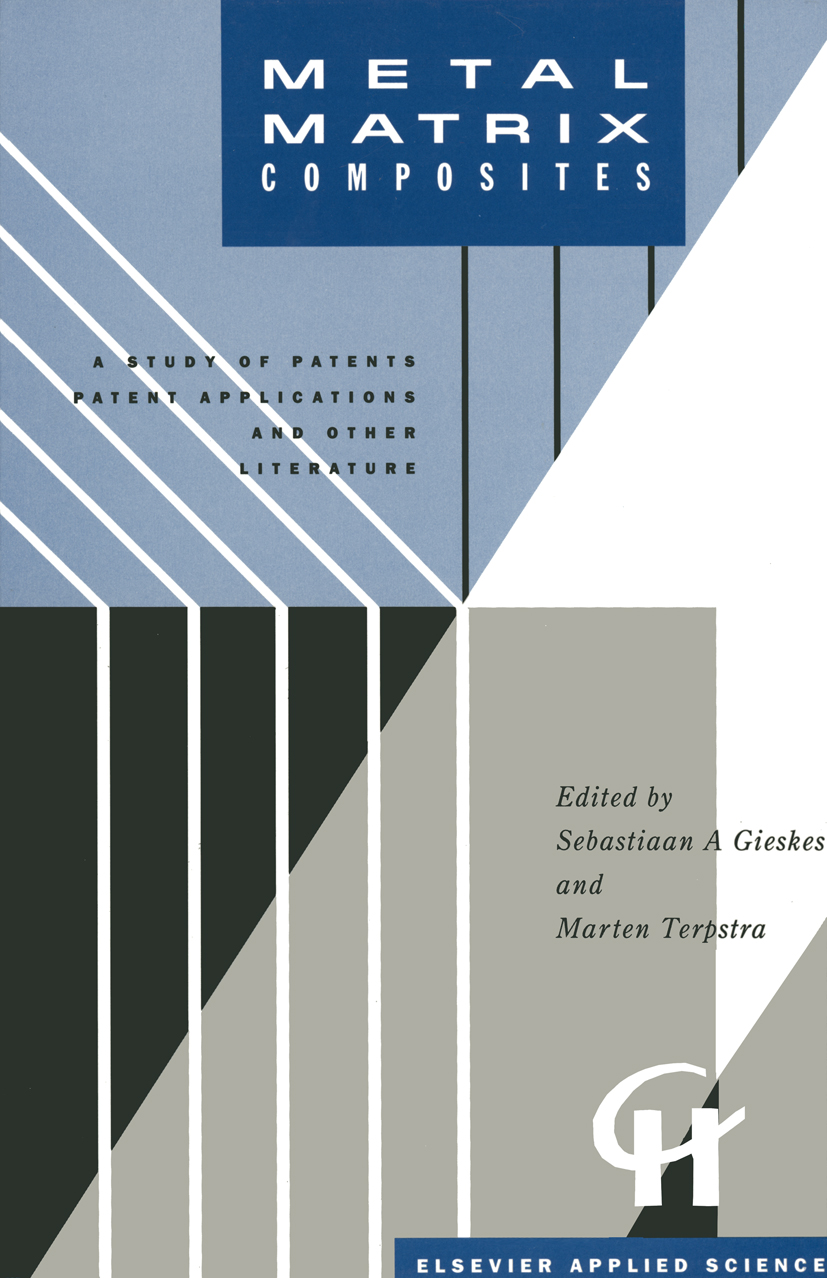
Metal Matrix Composites The present study of patents and patent applications published in the United States, Japan and the countries of Western Europe, and of other technological about 1980, is the result of a comprehensive analysis literature published since of documents which reveal various processes for reinforcing composite materials by metals, the atoms of which have been arranged according to predetermined matrices. Pre-searches were conducted by the Patent Information Office of TNO in Rijswijk, The Netherlands, which also provided copies of the documents needed to carry out the analysis. The International Patent Classification System (IPC) was employed to determine proper entries to the documents on the respective subject-matter. These classes are: C 22 C 1/09 relating to alloys containing metallic or non-metallic fibres or filaments; by subjecting to pressure and heat an assembly comprising at /09B least one metal layer or sheet and one layer of fibres or filaments; /09C by contacting the filaments or fibres with molten metal, e. g. by impregnation; /09D by using a powder-metallurgical method; characterized by the material used respectively for the metal /09F matrix or the reinforcing fibres; matrix formed of a light metal such as AI, Mg, Be, Ti; /09F2 matrix formed of a refractory metal such as Ni, Co, Cr, Mo. /09F4 Classifying patents or patent applications is actually a very difficult matter, particularly when it has to deal with processes for the production of composites, metal alloys or pharmaceuticals. TECHNOLOGY & ENGINEERING,Materials Science,General
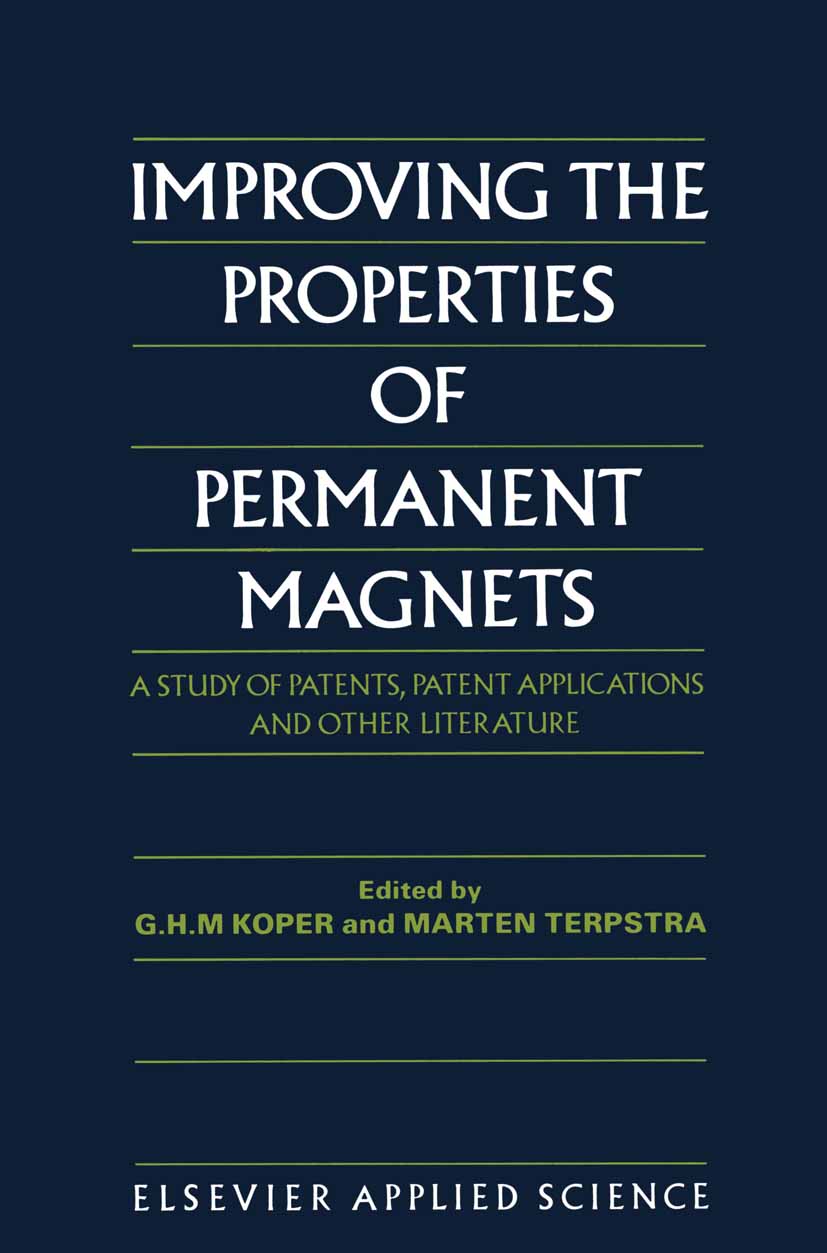
Improving the Properties of Permanent Magnets The present study complements the study on patents, patent applications and other literature on rare earth metals based permanent magnets by Frits Andriessen and Marten Terpstra, published by Elsevier Applied Science in 1989, and complements in part the book on Nd-Fe permanent magnets edited by LV. Mitchell, which was the result of a workshop organized by the Commission of the European Communities and held in Brussels on 25 October 1984. The difference between the content of the first book and that of the present study is that the first is more specifically directed to various kinds and compositions of alloys used in newly developed magnets, while the present book emphasises the improvements obtained when using particular alloys. The study edited by Mitchell deals more specifically with the economic, physical and chemical aspects of rare earth metals based magnet alloys, their properties compared with the more common and classical magnets such as ferro-cobalt alloy magnets, and their applications to various fields of technology. From the present study it has become apparent that there exist only a few patents and patent applications covering a specific use of particular magnets having specific properties to a circuit, arrangement, device or electric motor. This appears to be due to the fact that every manufacturer of such circuits or arrangements applying magnets naturally wants to employ the most effective magnets. TECHNOLOGY & ENGINEERING,Materials Science,General

Ultrasonics This book is a translation of 'Physik und Technik des Ultraschalls', originally published in 1988 by S. Hirzel Verlag, Stuttgart. As in the German edition, it is based on lectures on ultrasound which the author has given over the past fifteen years to students of electrical engineer ing and physics at the Rheinisch-Westfiilische Technische Hochschule Aachen, Germany. Its purpose is to explain and describe the peculiarities of high frequency sound with general acoustics as a foundation. It is these peculiarities which have led to the development of specific methods of sound generation and sound detection on the one hand and are relevant to the way ultrasound propagates in various materials, and which are the origin of a wide range of technical applications on the other. The first part of the book is devoted to the fundamentals of ultrasonics. Since the reader is not expected to have a knowledge of general acoustics, introductory chapters survey the basic ideas and laws of acoustics without systematically deriving the formulae pre sented. Likewise, the third chapter, which deals with the radiation and diffraction of sound, is still fairly general, although it is somewhat more adapted to the specific requirements of ultrasound. In the three subsequent chapters, the generation and detection or measurement of ultrasound is dealt with. The seventh chapter is a digression on the peculiarities of the hypersonic range. TECHNOLOGY & ENGINEERING,Materials Science,General

Glass Sponsored by the Institute of Glass Science and Engineering, New York State College of Ceramics, Alfred University, Alfred, New York TECHNOLOGY & ENGINEERING,Materials Science,General
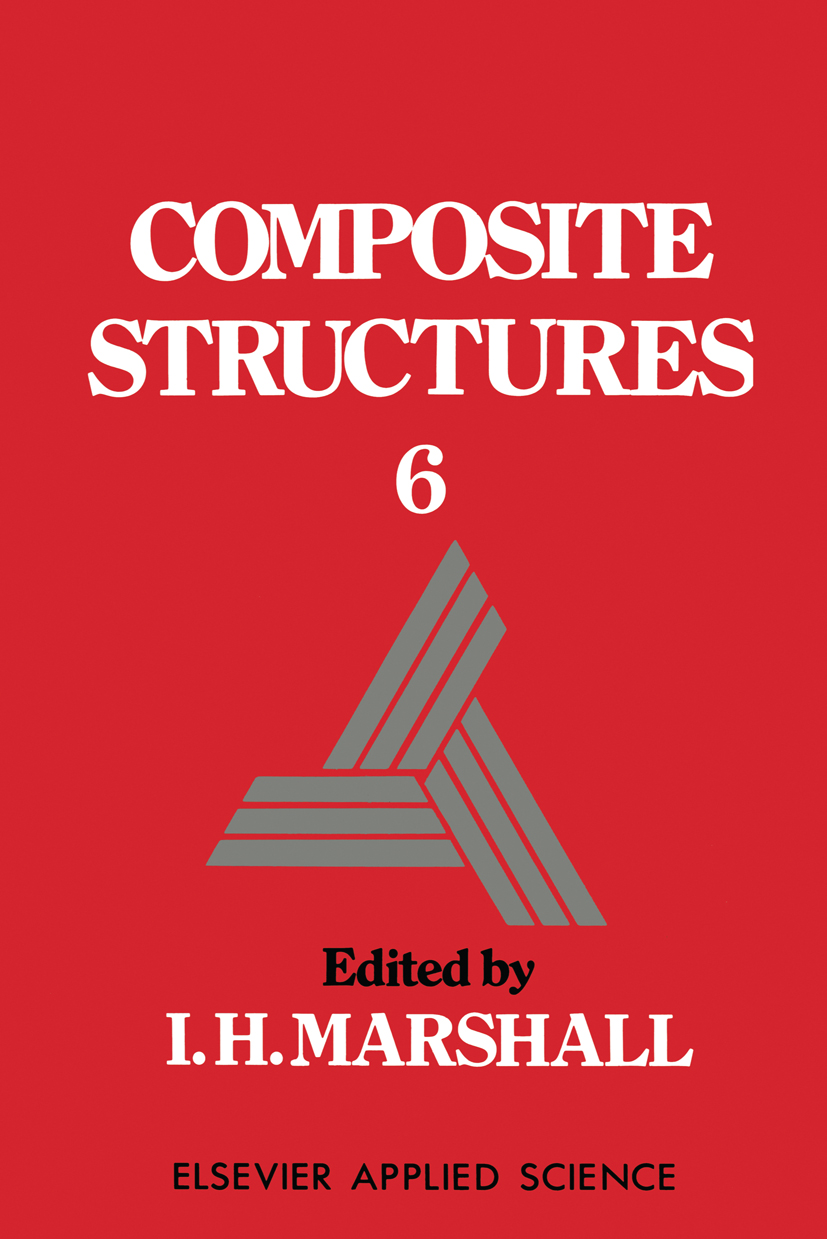
Composite Structures The papers contained herein were presented at the Sixth International Conference on Composite Structures (ICCS/6) held at Paisley College, Scotland in September 1991. The Conference was organised and sponsored by Paisley College. It was co-sponsored by Scottish Enterprise, the National Engineering Laboratory, the US Army Research, Development and Standardisation Group-UK, Strathclyde Regional Council and Renfrew District Council. It forms a natural and ongoing progression from the highly successful ICCS/1/2/3/4 and 5 held at Paisley in 1981, 1983, 1985, 1987 and 1989 respectively. As we enter the final decade of this century many organisations throughout the world are adopting a prophetic role by attempting to forecast future scientific advances and their associated impact on mankind. Although some would argue that to do so is folly, without such futuristic visionaries the world would be that much poorer. IntelJigent speculation based on research trends and historical advances, rather than fanciful theories, breathes a healthy air of enthusiasm into the scientific community. Surely this is the very oxygen necessary to ignite the fir~s of innovation and invention amongst pioneers of research. TECHNOLOGY & ENGINEERING,Materials Science,General

Inelastic Deformation of Composite Materials Polymer composites were introduced for the aerospace industry as light, strong, stiff materials, and adopted by the construction and automobile industries, among others. Meanwhile, composite materials have been introduced to fulfill the uses that these conventional materials could not, such as in extreme environments. The research for new composites includes not only new polymer systems, but metals, ceramics and intermetallic systems as well. This volume contains a selection of recent work by leading researchers in micromechanics on the topics of prediction of overall properties of elastic, perfectly bonded systems, problems associated with inelastic deformation of the phase, debonding at interfaces and growth of distributed damage. Many familiar aspects of mechanical behavior, such as fatigue, fracture, strength and buckling, etc. have been reexamined and adapted for these new systems. TECHNOLOGY & ENGINEERING,Materials Science,General
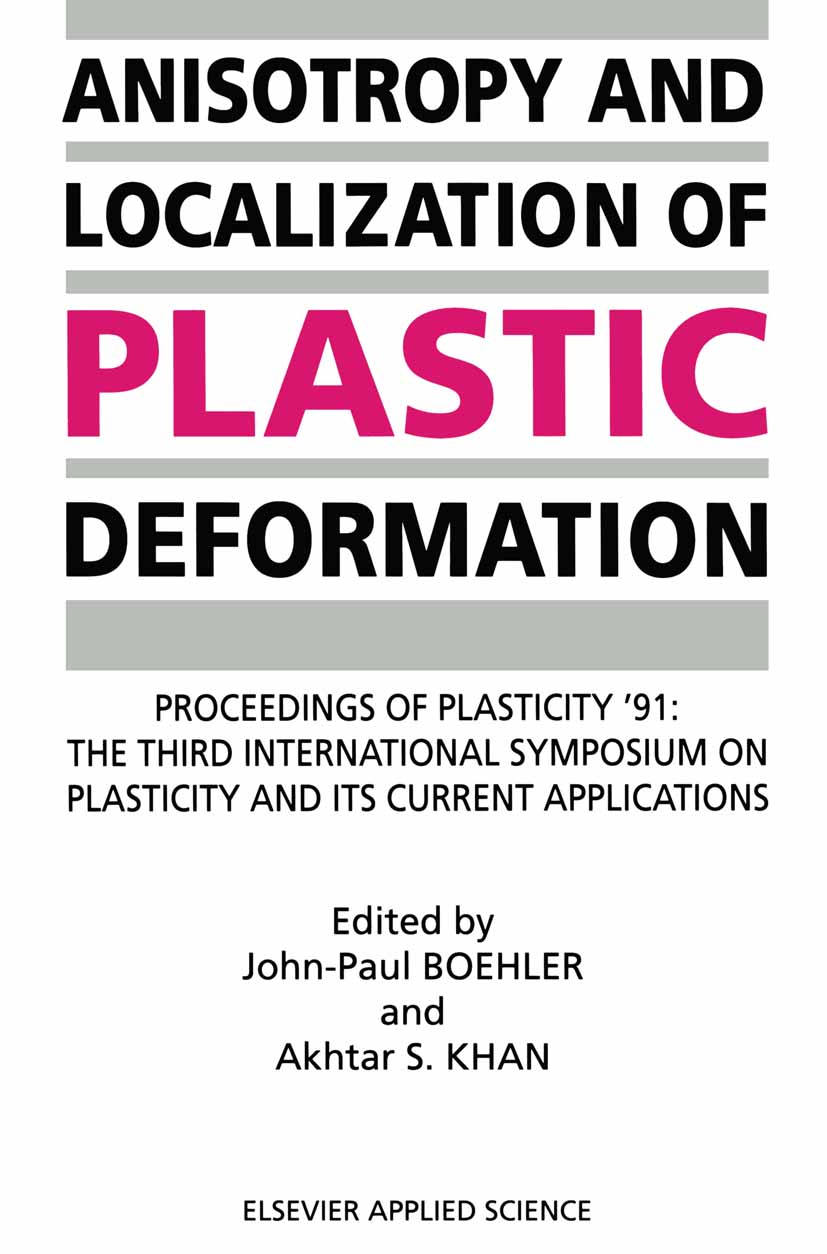
Anisotropy and Localization of Plastic Deformation Proceedings of PLASTICITY '91: The Third International Symposium on Plasticity and Its Current Applications TECHNOLOGY & ENGINEERING,Materials Science,General

Mechanical Identification of Composites The widespread idea that composite materials are materials which can be tailored toachieveanydesired structuraland functional performances iswrong, since the present commonly used mechanical characterization and designing procedures do not incorporate the two prominent features of these materials, their anisotropy and heterogeneity, from the starting point of the analysis. Anisotropy and heterogeneity involve particular effects, at different scales of observation, that cannot be regarded as simple extensions ofany phenomena occurring in homogeneous or isotropic media. So the challenge is real and further industrial applications ofcomposite!> are closely related to new ways of approaching theexperimentalidentification ofsuch materials orstructuresin the rational frameworkofthe mechanicsofheterogeneousandanisotropic media. The European Mechanics Committee sponsored a Colloquium on Experi mental Identificationofthe Mechanical CharacteristicsofCompositeMaterials and Structures in Saint-Etienne, France, on 3-6 December 1990. Its main purpose was to present, criticize and survey new developments in analysis techniques, data treatments, mechanical modelling and identification approaches regarding the anisotropic behaviour ofcomposite structures. The fourty nine papers, including the general lectures, touched four main aspects: • quasi-static and dynamic mechanical tests suited to anisotropic media; • identification methodologies based on new data treatments; • displacement and strain fields measurement based on optical methods; • damage and cracking modellingofanisotropic and heterogeneous media. TECHNOLOGY & ENGINEERING,Materials Science,General
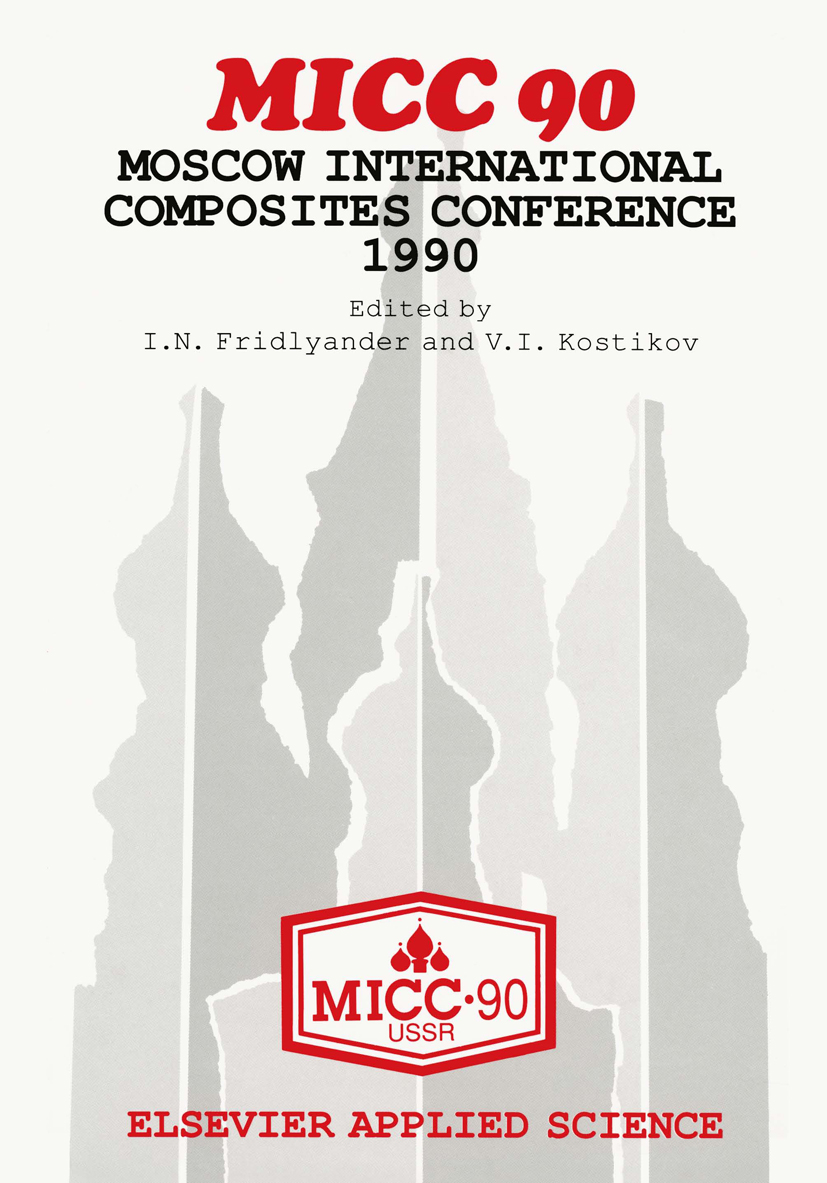
MICC 90 Moscow International Composites Conference, 1990 TECHNOLOGY & ENGINEERING,Materials Science,General
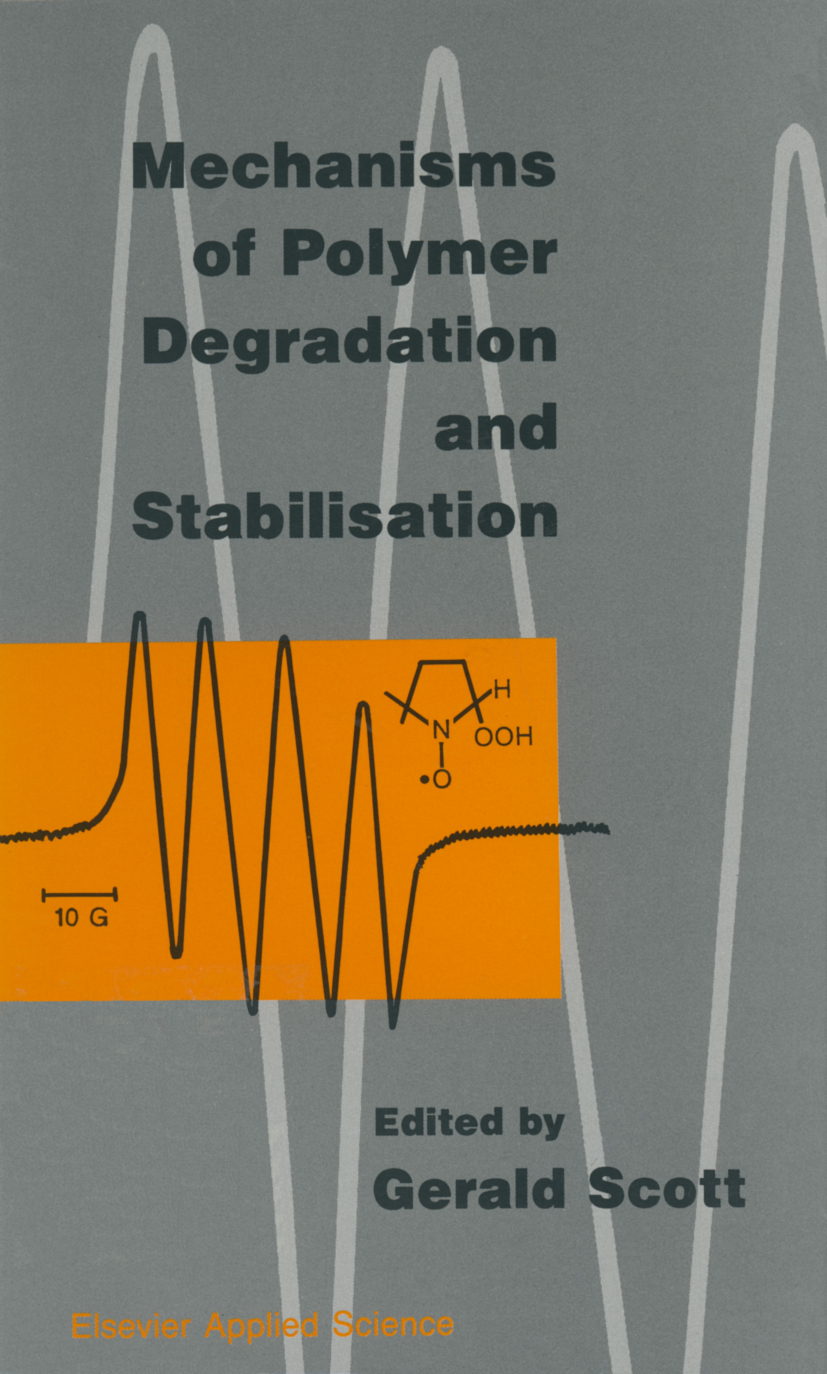
Mechanisms of Polymer Degradation and Stabilisation The purpose of this publication is two-fold. In the first place it is intended to review progress in the development of practical stabilising systems for a wide range of polymers and applications. A complemen tary and ultimately more important objective is to accommodate these practical developments within the framework of antioxidant theory, since there can be little question that further major advances in the practice of stabilisation technology will only be possible on a firm mechanistic foundation. With the continual increase in the number of commercial anti oxidants and stabilisers, often functioning by mechanisms not even considered ten years ago, there is a need for a general theory which will allow the potential user to predict the performance of a particular antioxidant structure under specific practical conditions. Any such predictive tool must involve a simplified kinetic approach to inhibited oxidation and, in Chapter 1, Denisov outlines a possible mechanistic approach with the potential to predict the most useful antioxidant to use and the limits of its usefulness. In Chapter 2, Schwetlick reviews the current state of knowledge on the antioxidant mechanisms of the phosphite esters with particular emphasis on their catalytic peroxidolytic activity. Dithiophosphate v vi PREFACE derivatives show a similar behaviour but for quite different reasons and, in Chapter 3, AI-Malaika reviews information available from analytical studies, particularly using 31p_NMR spectroscopy, to elucid ate the complex chemistry that leads to the formation of the antioxidant -active agents. TECHNOLOGY & ENGINEERING,Materials Science,General
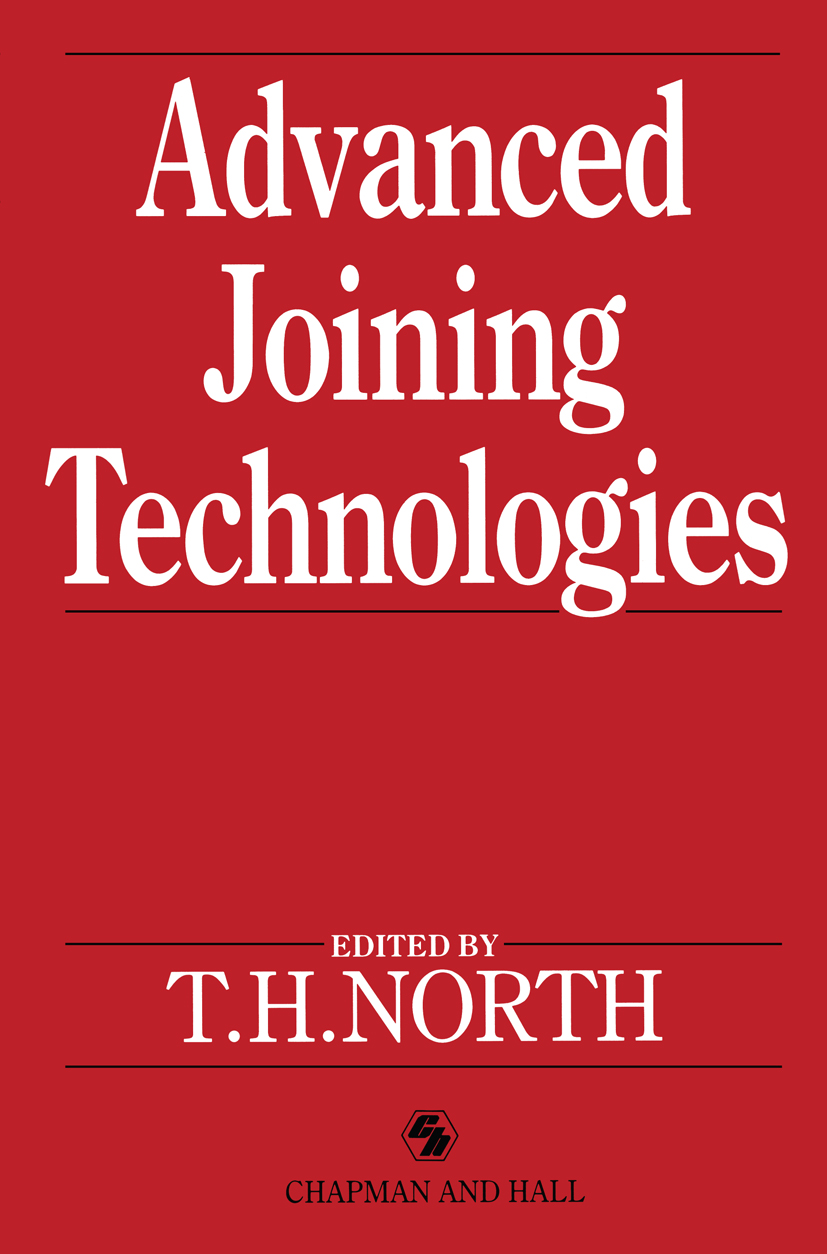
Advanced Joining Technologies T. H. NORTH Dept. of Metallurgy and Materials Science, University of Toronto. This volume documents the proceedings of the International Congress on Joining Research held under the auspices of the Canadian Council of the International Institute of Welding in Montreal, July 20/21 1990. This congress was sponsored by the Welding Institute of Canada, Oakville, Ontario. The study of joining is important, both from the fundamental and applied science points of view. Joining encompasses a wide range of areas, from welding processes, through welding metallurgy and materials science, to non-destructive testing, automation and field construction. Welding has sometimes been referred to as some curious combination of art and science. Certainly, from a university research perspective, the welding area is remarkably difficult to tackle because it is extremely difficult to sift out the critical variables. As a result, it is sometimes difficult to separate the real from the imaginary in any detailed evaluation of the joining literature. I sincerely hope that the authoritative contributions in this volume will sweep away any confusion that exists in the mind of the reader. TECHNOLOGY & ENGINEERING,Materials Science,General

Patterns, Defects and Materials Instabilities Proceedings of the NATO Advanced Study Institute, Cargèse, France, September 4-15, 1989 TECHNOLOGY & ENGINEERING,Materials Science,General
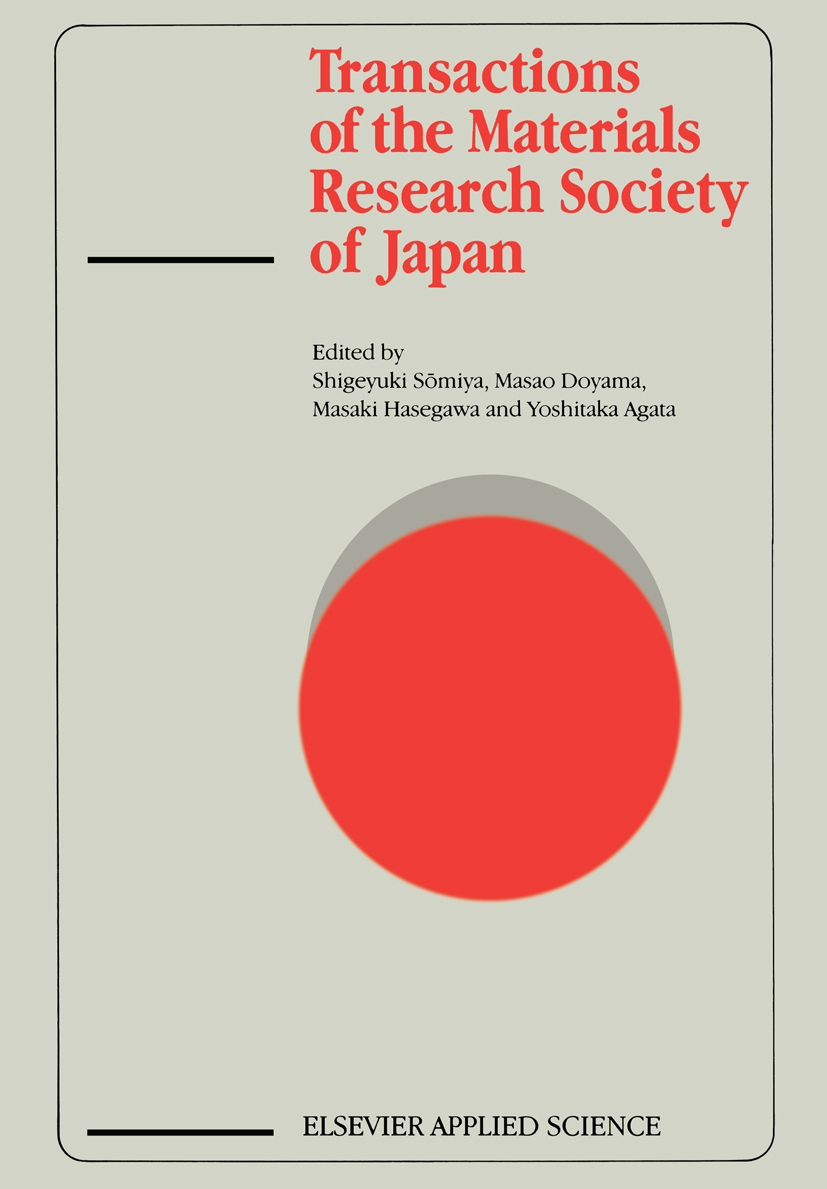
Transactions of the Materials Research Society of Japan The Materials Research Society of Japan (MRS-Japan), formerly the Advanced Materials Science and Engineering Society (AMSES), was established on 16 March 1989 in Tokyo, Japan. AMSES was established following the International Conference on Advanced Materials, held from 30 May to 3 June 1988 in Tokyo (MRS Bulletin, October and November 1988). This meeting was similar to the MRS meeting held in Boston, USA, and consisted of 21 symposia, which were published as proceedings in 14 volumes. The number of participants was over 1600. The first President of AMSES, Professor Masao Doyama, gave the following address: As advanced technology develops toward its highest goals, a small improvement in existing materials is not enough to meet the demands. The deadlock of advanced technology often brings the invention of new materials. Human civilization has grown along with materials. The Stone Age, the Bronze Age, and the Iron Age represent the materials most used in those times. Since the beginning of the 20th century, the plastic age, the semiconductor age, the new ceramics age, and the composite materials age have been identified, but no single material dominates. TECHNOLOGY & ENGINEERING,Materials Science,General
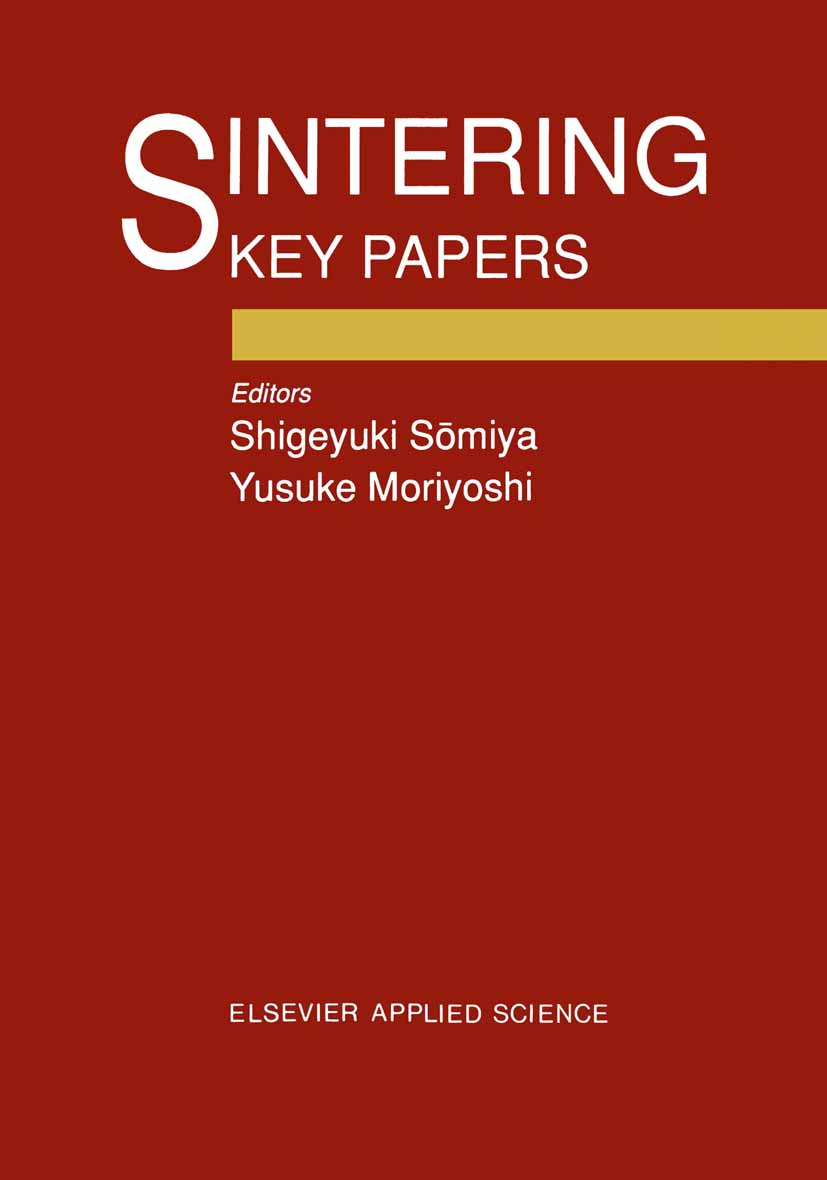
Sintering Key Papers The 4th International Symposium on the Science and Technology of Sintering was held on 4-6 November 1987 in Tokyo. Among the many technical sessions was one entitled 'Session for Sintering-Case Study'. Over 200 participants heard these invited talks. Although some papers were over 20 years old, it is necessary to understand the authors' way of thinking. Since the end of the Second World War, many excellent papers related to sintering have appeared in many different academic journals. Some of these papers are still of value, and are still being read by today's students. The questions we have to ask are: Why does the scholar think this way? Why did the scholar perform his experiments? What is the mechanism of sintering? What is the liquid phase of sintering? What is the behavior of sintering additives? What is the history and development of sintering theory? This book includes these sort of historical papers and also new original papers on sintering, all of which are very important to our understanding of the subject. Several papers have been added for this English edition, which is thus more comprehensive than its Japanese counterpart. These papers were spread out in many different sources and the benefits of collecting them together in book form is obvious. TECHNOLOGY & ENGINEERING,Materials Science,General

Developments in the Science and Technology of Composite Materials The European Conference on Composite Materials (ECCM-4) will be held for the first time, in Germany after the successes of previous meetings in France and England. The meeting will take place in Stuttgart which is capital of B aden-Wtirttemberg and a centre for new technologies in Germany. Amongst these new technologies, composite materials play a dominant role and it is the aim of the conference to promote scientific discussion of these materials. Polymer matrix composites are well established and lie at the centre of interest so that a great number of contributions forms on plastic matrix and high temperature resin matrix composites. New developments in the area of reinforcement fibres will be discussed in a special section of the poster session. Metal matrix and ceramic matrix composites as well as carbon fibre reinforced carbon are strong candidates for future structural materials. These classes of composites receive wide interest at the conference. The conference organisers received more than 250 abstracts, from which about 160 contributed papers from 20 countries were accepted. In addition to the' 80 oral presentations five invited papers on topics of special interest will be given. The recycling problem of fiber reinforced composites will be discussed in a plenary paper. In the name of all those who were involved in preparation and organisation of this conference, we hope that fruitful discussions but also the social gathering will contribute to further steps in deepening the European cooperation in this fascinating composite research field. TECHNOLOGY & ENGINEERING,Materials Science,General
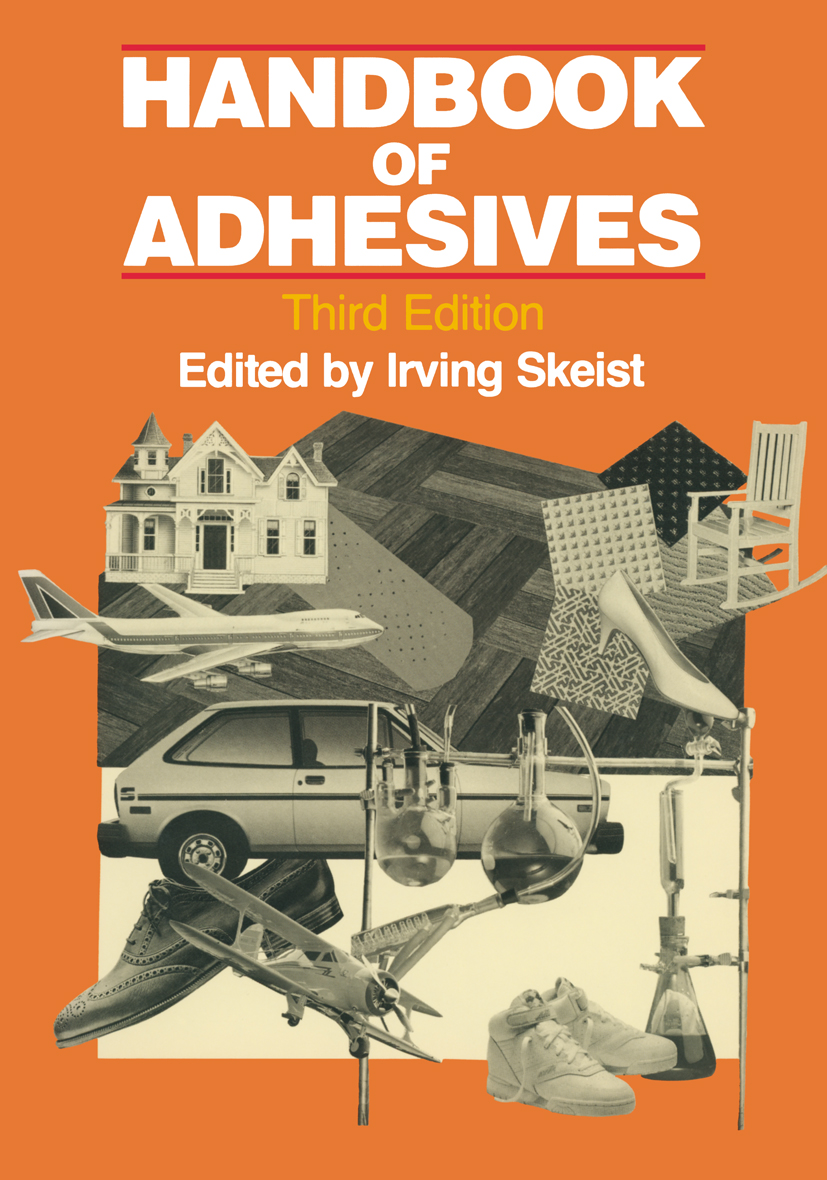
Handbook of Adhesives Adhesives are indispensable. They are required pling agents, and other key ingredients. Special in myriad products-aircraft and abrasives, cars attention is given to such flourishing categories and cartons, shoes and safety glass, tape and as acrylics, anaerobics, cyanoacrylates, poly urethanes, epoxy resins, polyvinyl acetate, high tires. This Third Edition of Handbook of Ad hesives, like the 1962 and 1977 editions, seeks temperature adhesives, hot melts, silicones, and to provide the knowledge needed for optimum silanes. selection, preparation, and utilization of adhe The last 14 chapters, on adherends and bond sives and sealants. The information is detailed ing technology, involve the auto industry, air and explicit, with several hundred illustrative craft, electronics, the bonding of wood, formulations. textiles, rubber and plastics, construction, ab Expert information has been supplied in 47 rasives, pressure-sensitives, nonwovens, and chapters written by 70 industry specialists, pro sealants. Mechanical handling of two-compo fessors, and consultants. Five chapters on fun nent systems is examined. The concluding damentals provide the theoretical and economic chapter highlights the exciting progress that is underpinnings-why adhesives work, how they being made in the use of robotics to apply ad are selected, how the surface is prepared, how hesives, techniques already far advanced in au they are applied, how they are set, how the tomotive assembly. cured joint is tested. TECHNOLOGY & ENGINEERING,Materials Science,General
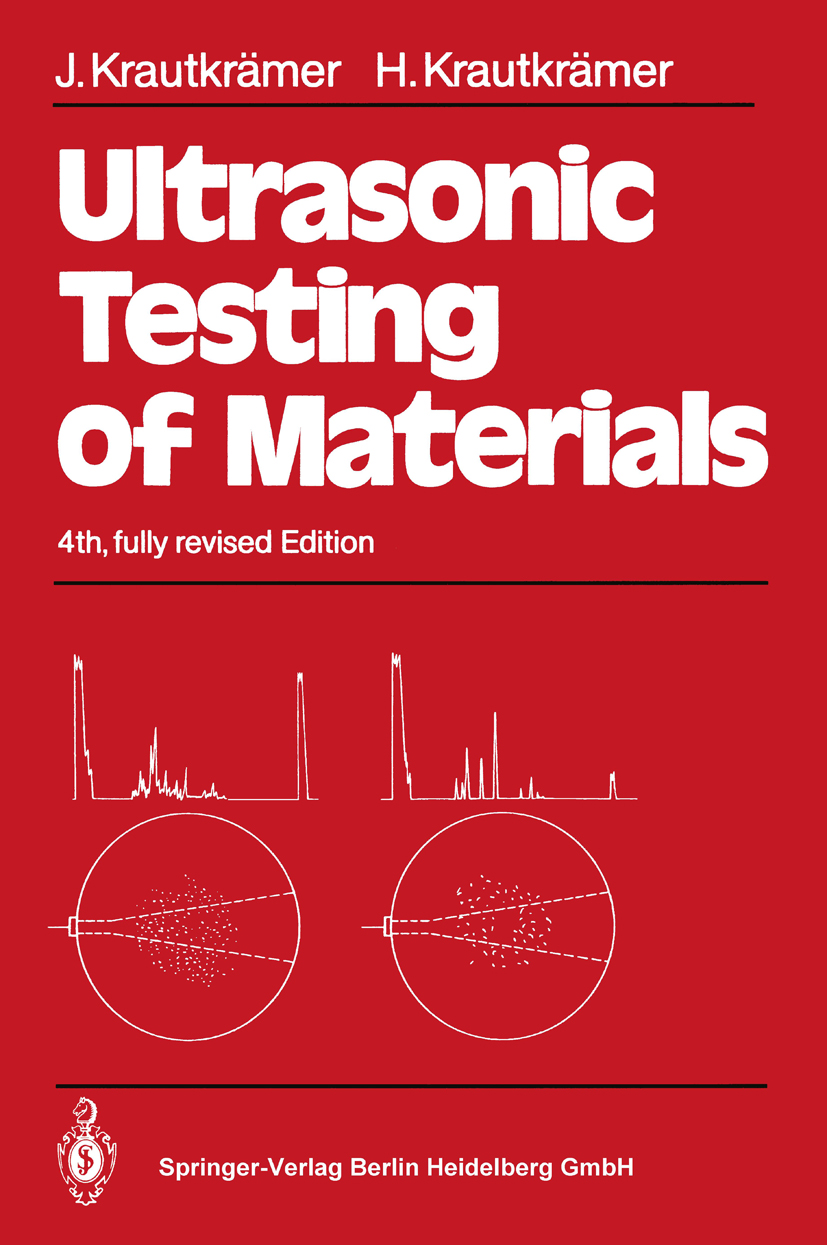
Ultrasonic Testing of Materials Nondestructive testing of solid material using ultrasonic waves, for defects such as cavities, nonbonding, and strength variations, is treated in this book from the physical fundamentals of ultrasonics and materials up to the most sophisticated methods. The book is written at a level which should make it accessible to readers with some knowledge of technical mathematics. Physical laws are explained in elementary terms, and more sophisticated treatments are also indicated. After the fundamentals, instrumentation and its application is extensively reported. Tricks and observations from thirty years of experience in the field are included. The third part of the book presents test problems related to special materials or ranges of modern heavy industry, including recent applications such as those in nuclear power plants. This fourth edition features improved presentation of certain fundamental physical facts, updated reports on electronic instrumentation, and new applications in the nuclear and space industries. TECHNOLOGY & ENGINEERING,Materials Science,General
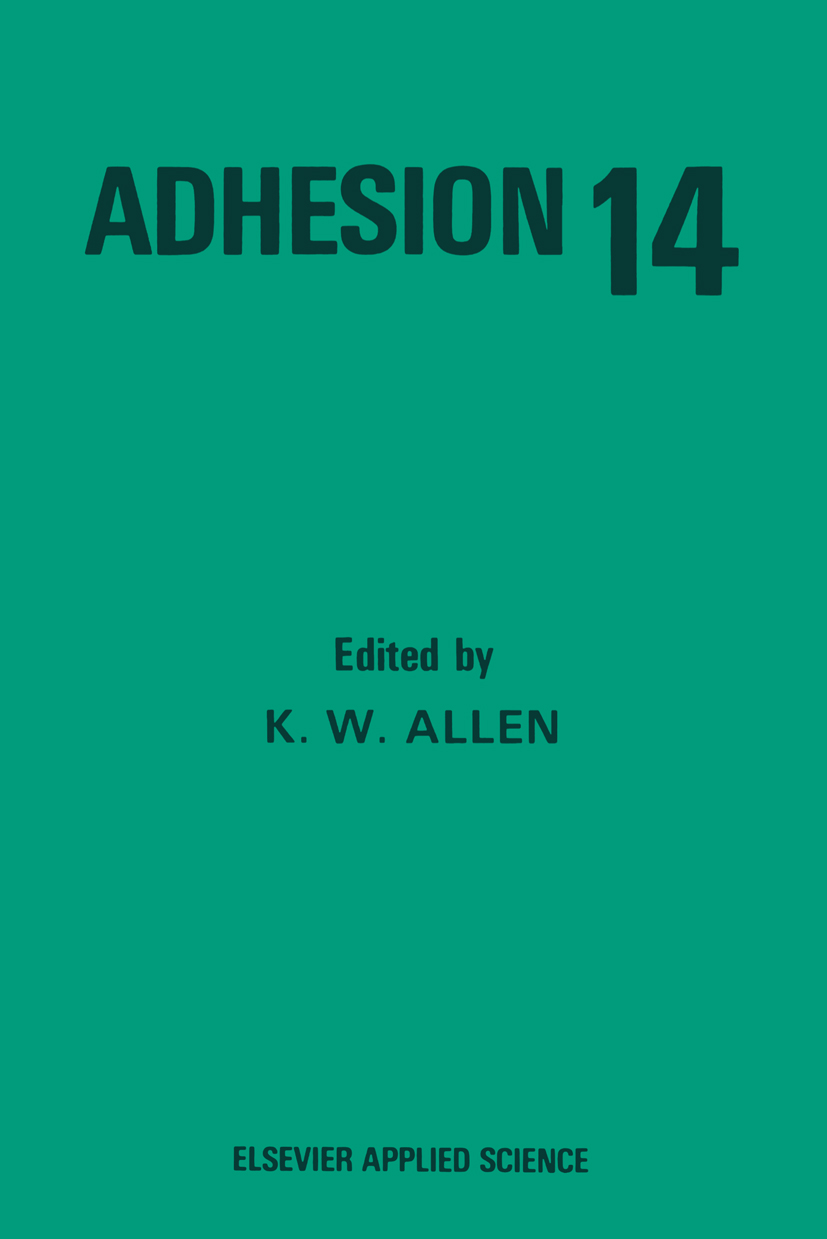
Adhesion 14 As interest in the whole science and technology of adhesion and adhesives grows, so do the meetings concerned with it proliferate. In the light of this, it is gratifying that this, the oldest regular meeting in the field, maintains its position by attracting both speakers and audience of such high standard from across the world year after year; further, that we are enabled to reach a wider audience through the publication of the papers presented at the conference in this series of volumes. This present volume, Number 14, differs from its predecessors by the addition of two extra items. Firstly, 1989 marked the twenty-fifth anniversary of the Adhesion Society of Japan. As part of the celebrations, the Society arranged a mission to Europe which culminated in a Special Anglo-Japanese Symposium on 21 April at The City University, London. We are fortunate in being able to include two of the papers presented by our Japanese visitors. Secondly, on Christmas Day,just as the final work on this volume was being completed, William C. ('Bill') Wake sadly died. We have included an appreciation of his contribution both to these conferences and to the world of adhesion generally. Finally, may I once again express my thanks to all those who have made possible the production of this volume. They are far too numerous to mention individually, including the authors, their secretaries, various members of the staff of the University, and our publishers; to them all, 'Thank you very much'. TECHNOLOGY & ENGINEERING,Materials Science,General

Ceramic Hardness As the utilization of ceramic materials is developing at a great pace, so too is the science of ceramics improving the understanding we have about these high-technology materials. New and improved ways of examining and investigating monolithic ceramics and ceramic composites are also being developed and reported at a great pace in a wide-ranging area of the scientific and technical literature. This book has been written with the aim of increas ing the awareness of the general materials worker of developments in modern ceramics and of bringing to a focus how much the study of their hardness can contribute to our understanding of them and lead to technical data that can be of considerable use in this fast-growing field. The readership will consist of materials scientists, metallurgists, and engineers moving into the new worlds of advanced ceramics and ceramic-containing composites. Detailed works on hardness are to be found in the metallurgical area, where much of the theory and early applications were developed. This book does not overly stress this early development of theory and practice, but concentrates wherever possible on the ceramics and glasses. Thus Chapter 1 introduces the general subject area to those whose interest may have been blunted in the past by the emphasis on one area of materials. Subjects raised in the first chapter are developed more fully in later chapters. TECHNOLOGY & ENGINEERING,Materials Science,General
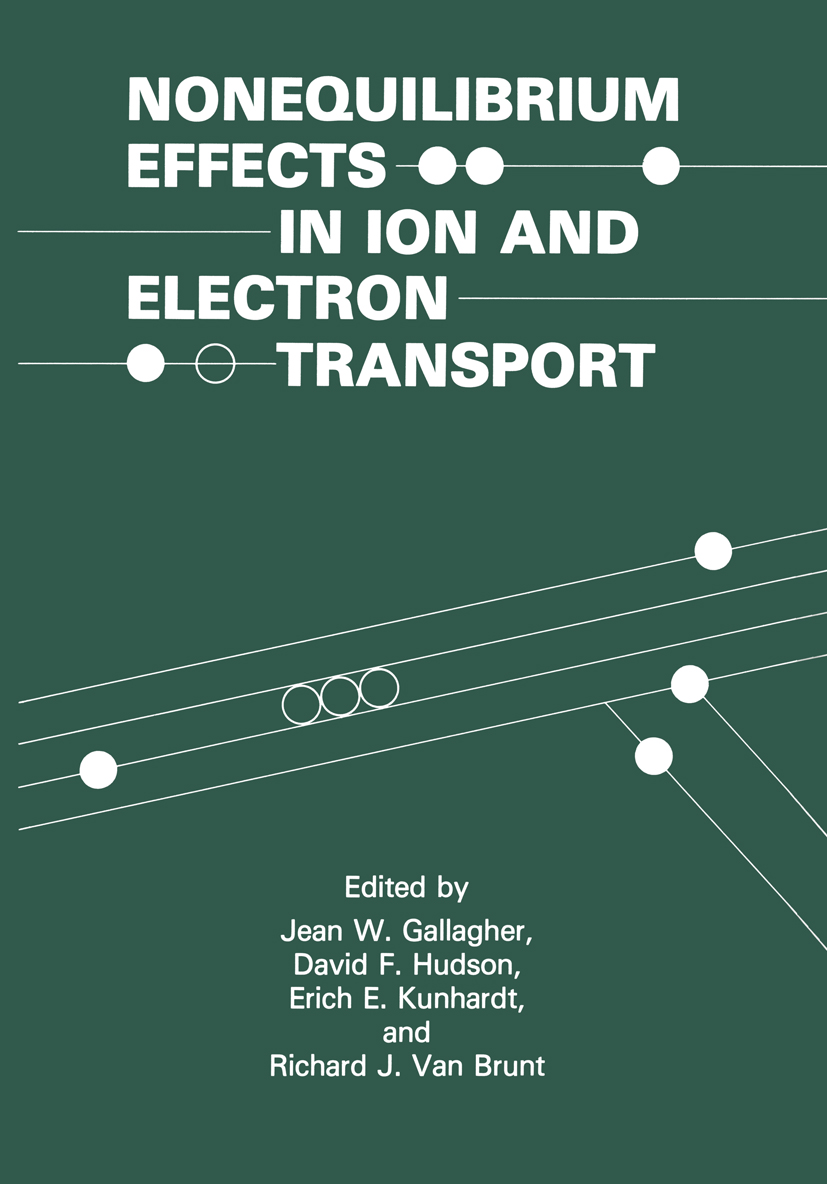
Nonequilibrium Effects in Ion and Electron Transport This volume presents the contributions of the participants in the Sixth International Swarm Seminar, held August 2-5, 1989, at the Webb Institute in Glen Cove, New York. The Swarm Seminars are traditionally held as relatively small satellite conferences of the International Conference on the Physics of Electronic and Atomic Collisions (ICPEAC) which occurs every two years. The 1989 ICPEAC took place in New York City prior to the Swarm Seminar. The focus of the Swarm Seminars has been on basic research relevant to understanding the transport of charged particles, mainly electrons and ions, in weakly ionized gases. This is a field that tends to bridge the gap between studies of fundamental binary atomic and molecular collision processes and studies of electrical breakdown or discharge phenomena in gases. Topics included in the 1989 seminar ranged the gamut from direct determinations of charged-particle collision cross sections to use of cross sections and swarm parameters to model the behavior of electrical gas discharges. Although the range of subjects covered was in many respects similar to that of previous seminars, there was an emphasis on certain selected themes that tended to give this seminar a distinctly different flavor. There was, for example, considerable discussion on the meaning of "equilibrium" and the conditions under which nonequilibrium effects become important in the transport of electrons through a gas. TECHNOLOGY & ENGINEERING,Materials Science,General
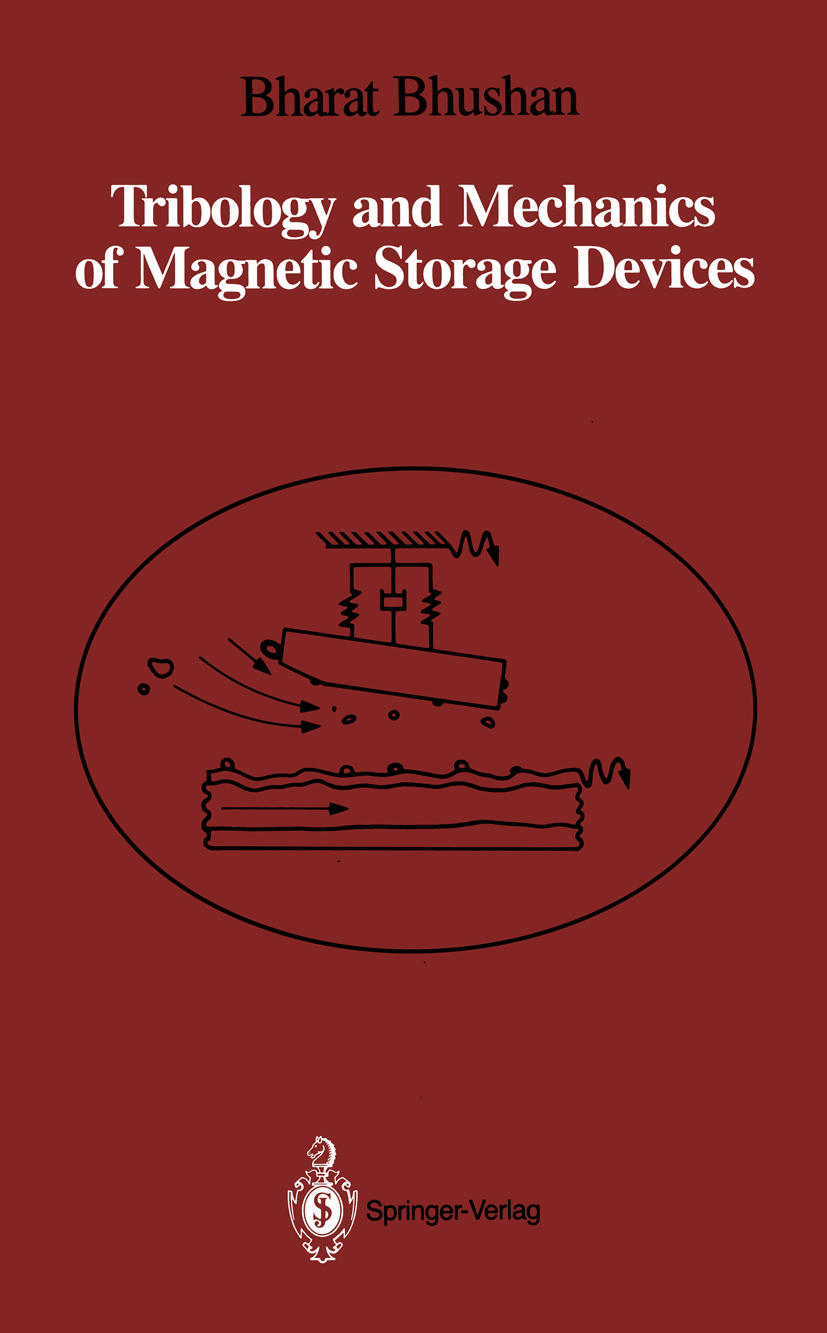
Tribology and Mechanics of Magnetic Storage Devices Magnetic recording is presently a $50 billion industry. It spans audio, video, and digi tal applications in the form of tapes and disks. The industry is expected to grow by a factor of five or more in the next decade. This growth will be accompanied by dramatic improvements in the technology, and the potential exists for magnetic-recording den sities to improve by at least one order of magnitude! Magnetic-recording process is accomplished by relative motion between a mag netic head and a magnetic medium. Types of magnetic media for digital recording are: flexible media (tapes and floppy disks) and rigid disks. Physical contact between head and medium occurs during starts and stops and hydrodynamic air film develops at high speeds. Hying heights (mean separation between head and medium) are on the order of 0. 1 micrometer comparable to surface roughness of the mating members. Need for higher and higher recording densities requires that surfaces be as smooth as possible and flying heights be as low as possible. Smoother surfaces lead to increased static/ kinetic friction and wear. In the case of magnetic tapes, in order to have high bit capac ity for a given size of a spool, we like to use as thin a tape substrate as possible. Thinner tapes are prone to local or bulk viscoelastic deformation during storage. This may lead to variations in head-tape separations resulting in problems in data reliability. TECHNOLOGY & ENGINEERING,Materials Science,General
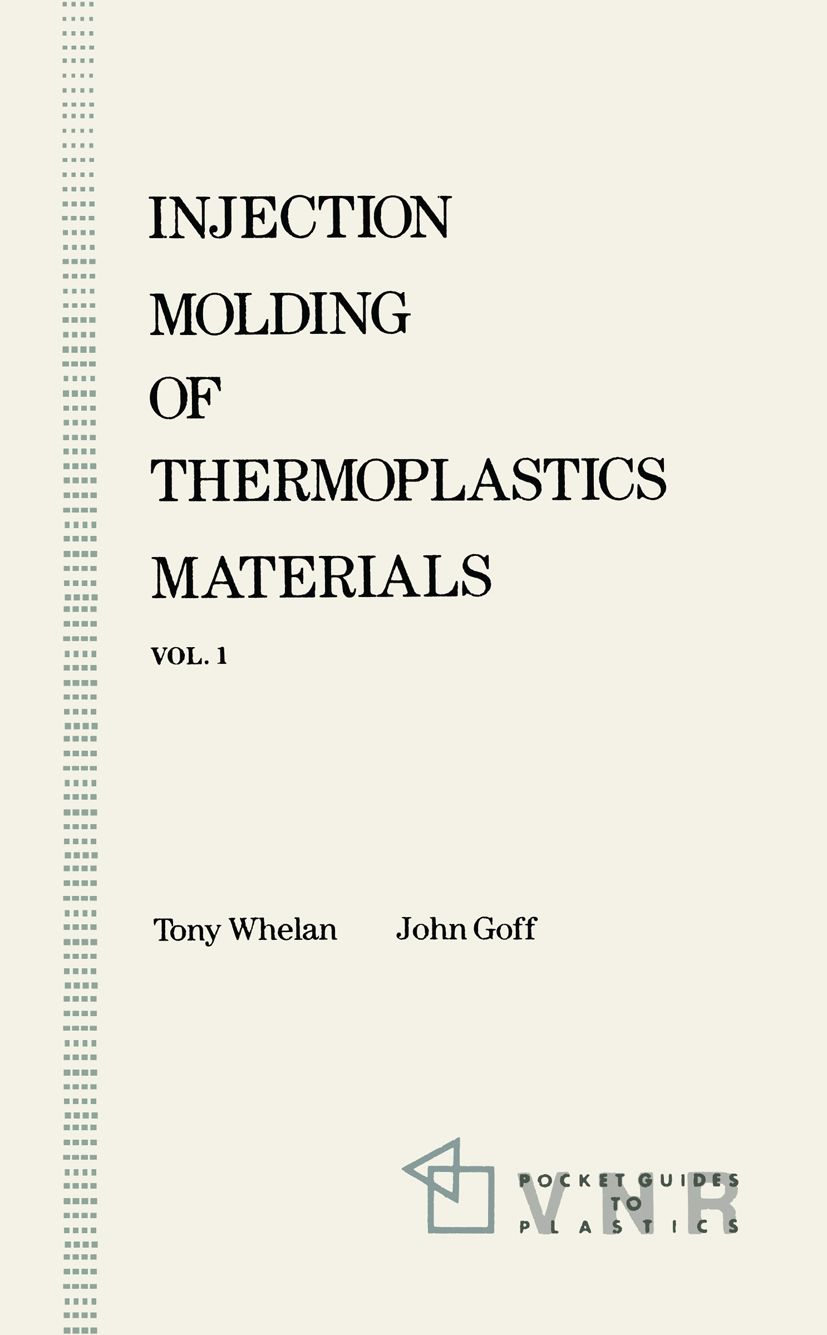
Injection Molding of Thermoplastics Materials - 1 During the years 1987 and 1988 we published a series of articles on the molding of thermoplastics materials in the magazine British Plastics and Rubber (B P & R). These articles were very well received and we also received a large number of requests for reprints. In order to cater for what is obviously a need in the thermoplas tics molding industry, we therefore brought the information together and produced it in the form of a book. We can only hope that it serves you well and that you find the information useful. We in turn would like to thank the editor of the magazine B P & R for helping us in this matter. Thanks are also due to our many friends and colleagues throughout the molding industry for their useful help and advice, in particular the company Moldflow (Europe) Limited deserve a special mention as they allowed us to extract information from their extensive data base. TECHNOLOGY & ENGINEERING,Materials Science,General

Pathogenesis of Wound and Biomaterial-Associated Infections Despite the recent advances in medical treatment, patients suffering from wounds such as burns or receiving surgical implants are still in great danger of infection. This has called attention to the need for better understanding of infections at the molecular level. Scientists from various disciplines summarize our knowledge today and investigate how methods to avoid wound and biomaterial-associated infections can be developed. These methods include new antibiotics, surgical strategies to prevent infection, and ways to stimulate the immune system and the tissue healing process. Specific topics include: the definition of microbial cell surface determinants important for adhesion to graft; the definition of extracellular bacterial enzymes and toxins involved in tissue breakdown and the local spread of infection; the prevention of the systemic spreading of infection with immunoglobulins and antibiotics; and the problem of multiple antibiotic resistance in most versatile pathogens. TECHNOLOGY & ENGINEERING,Materials Science,General

Integration of Fundamental Polymer Science and Technology-4 The aim of the Rolduc Polymer Meetings is to stimulate interdisciplinary discussions between academic and industrial polymer scientists and engineers. Experts are invited to review selected topics and to initiate discussions relating to future trends and developments. The general theme of these meetings is 'Integration of Fundamental Polymer Science and Technology'. In order to serve this goal, all participants are accommodated in Rolduc Abbey, a well-preserved medieval monument in Limburg (The Netherlands) to provide an optimum atmosphere for the exchange of ideas. About 350 participants took part in the 4th Rolduc Polymer Meeting, which was held from 23 to 27 April 1989. This volume contains invited and selected contributed papers on topics such as solution properties, chemistry, emulsion polymerization, liquid crystalline polymers, structure/ morphology and blends/composites. We are fully aware of the fact that the reader will not find an integrated presentation of lectures in this volume. Unfortunately, it is impossible to put down in writing the atmosphere of this and previous meetings. However, we hope that the reader will be stimulated to present his own views in forthcoming meetings after reading these proceedings. We wish to thank all contributors to this volume. P.l.L. TECHNOLOGY & ENGINEERING,Materials Science,General
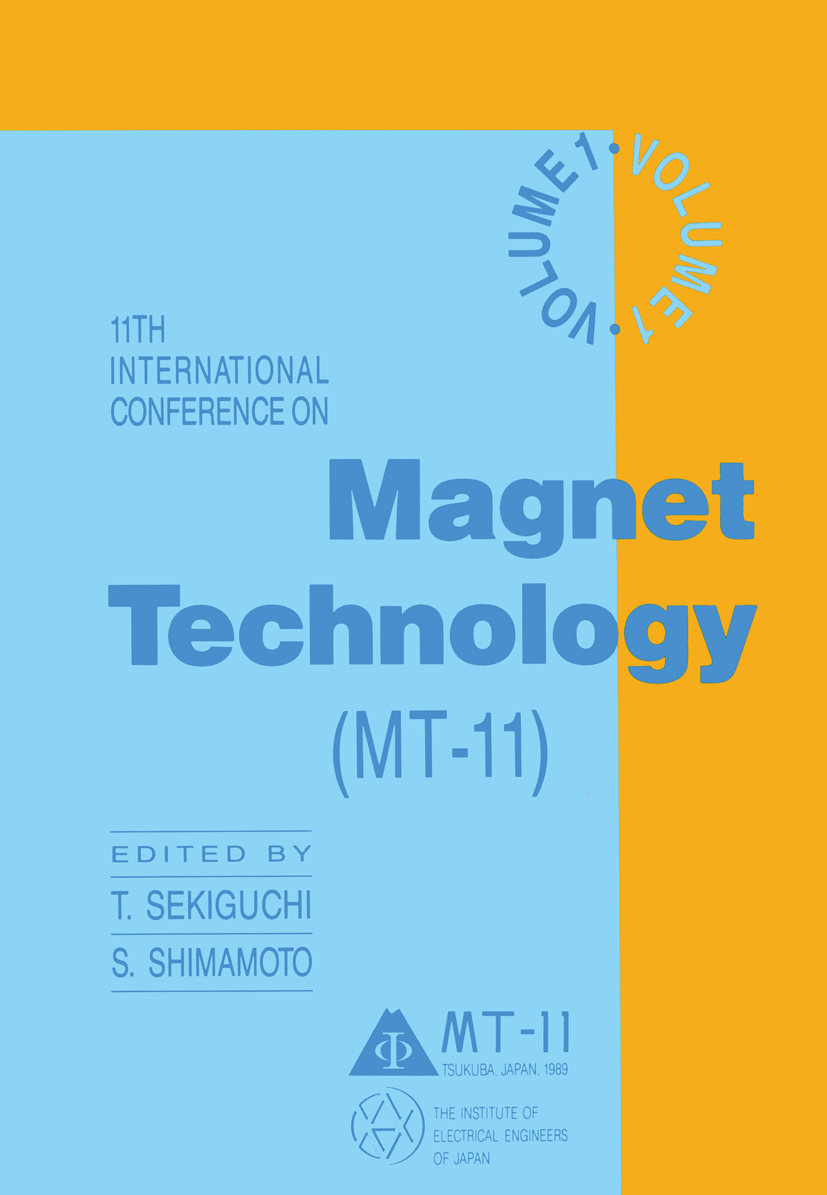
11th International Conference on Magnet Technology (MT-11) Over the years the aim of the International Conference on Magnet Technology has been the exchange of information on the design, construction and operation of magnets for a variety of applications, such as high energy physics, fusion, electrical machinery and others. The aim has included advances in materials for magnet conductors, insulators and supporting structures. Since its inception the focus of the International Conference on Magnet Technology has gradually shifted to superconducting magnets. Now almost all papers are related to superconductivity. The 11th International Conference on Magnet Technology (MT-11) was organized by the combined efforts of the Institute of Electrical Engineers of Japan, the Association for Promotion of Electrical, Electronic and Information Engineering, and the Tokyo Section of the IEEE. The Conference was held at the Tsukuba University Hall, Tsukuba, Japan, from 28 August to 1 September 1989, courtesy ofthe University ofTsukuba. The Tsukuba University Hall was large enough to host invited talks, parallel sessions, poster sessions and industrial exhibitions. 461 participants from 19 countries registered for MT-ll, and 280 invited and contributed papers were presented. The papers were reviewed not only by the Program Committee but also by foreign participants. Working sessions and social events were characterized by a truly international atmo sphere. Scientific as well as cultural excursions were organized so that foreign visitors could experience the spirit of modern Japan. 26 companies, of which 8 were from Western countries, participated in the industrial exhibition which featured diverse products and services of interest to the magnet community. TECHNOLOGY & ENGINEERING,Materials Science,General

Applied Stress Analysis This volume records the proceedings of an international conference organised as a tribute to the contribution made by Professor H. Fessler over the whole of his pro fessionallife, in the field of applied stress analysis. The conference, held at the Univer sity of Nottingham on 30 and 31 August 1990, was timed to coincide with the date of his formal retirement from the post of Professor of Experimental Stress Analysis in the University. The idea grew from discussions between some of Professor Fessler's academic associates from Nottingham and elsewhere. An organising committee was set up, and it was decided to invite contributions to the conference in the form of review papers and original research papers in the field of experimental, theoretical and computational stress analysis. The size of the response, both in papers submitted and in attendance at the conference, indicates that the idea proved attractive to many of his peers, former associates and research students. A bound copy of the volume is to be presented to Professor Fessler at the conference dinner on 30 August 1990. TECHNOLOGY & ENGINEERING,Materials Science,General
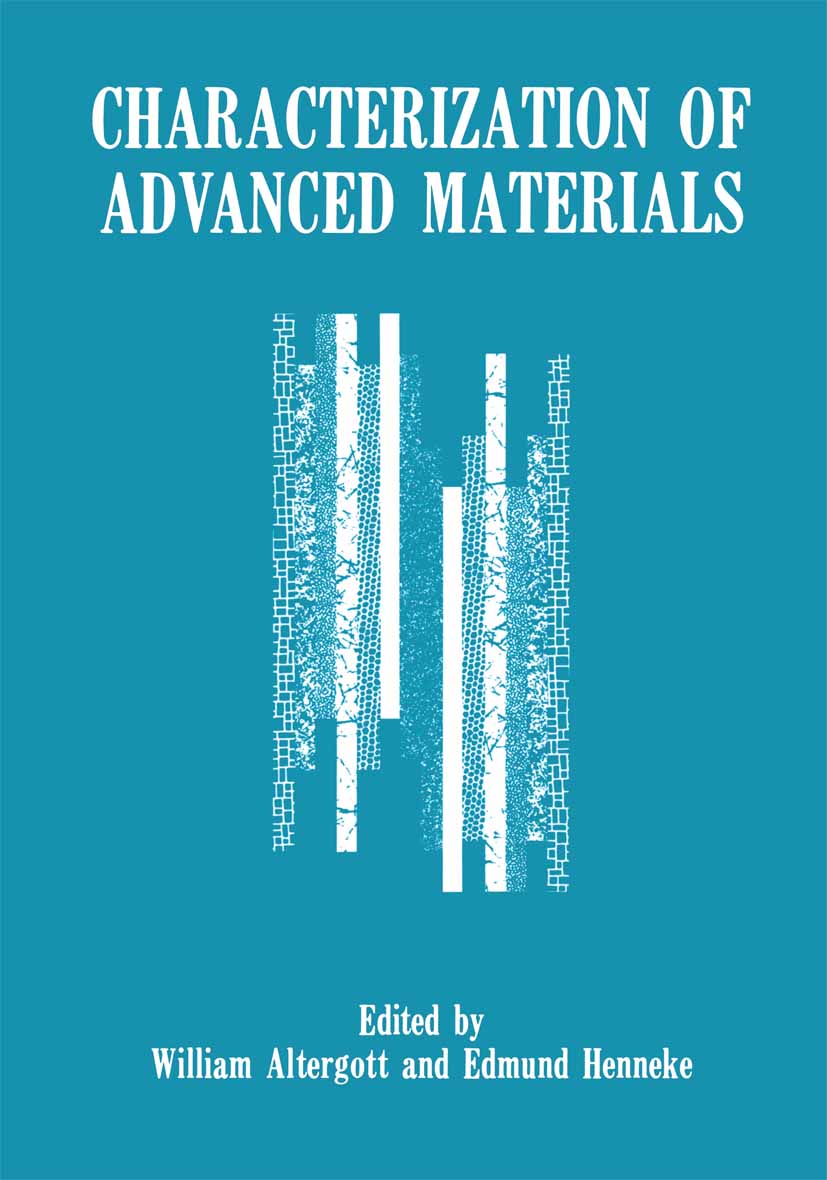
Characterization of Advanced Materials Stereo X-Ray Radiography of Composite Materials.- Application of X-Ray Computed Tomography to Ceramic/Ceramic Composites.- High Speed Heterodyne Holographic Interferometry.- Optical Fiber Waveguide Methods for Advanced Materials.- Adiabatic Thermography of Composite Materials.- Application of Scanning Acoustic Microscopy to Advanced Structural Ceramics.- TEM Studies of Semiconductor Materials.- The Characterization of New Austenitic Stainless Steels Highly Resistant to Cavitation-Erosion.- Characterization of Duplex Stainless Steels by TEM, SANS, and APFIM Techniques.- Characterization of Microstructures in Rapidly Solidified Alloys.- Characterization of Wear-Resistant Coatings and Surface Treatments. TECHNOLOGY & ENGINEERING,Materials Science,General

Oxygen Disorder Effects in High-Tc Superconductors The papers in this book represent the proceedings for the International Conference on Oxygen Disorder Effects in High~Tc Superconductors, held April 18-21, 1989 at the International Centre for Theoretical Physics, Trieste, Italy. It was recognized very early in the field of ceramic superconductors that oxygen plays a crucial role as far as the physical properties of these ma terials are concerned. The preparation requires special heating and cooling cycles which allow proper uptake of oxygen, relationships were found between the oxygen concentration and the superconducting transition temperature in many of the compounds and quite recently it was recognized that many (if not all) of the compounds present oxygen ordering in the intercalating planes. Moreover, it seems that the presence of superconductivity is strongly correlated with the presence of orthorhombic phases although several groups have also claimed the presence of superconductivity in tetragonal phases. Whether oxygen ordering plays or not a crucial role for the superconductivity remains to be seen. However it is clear that the ordering of oxygens and their thermodynamic properties is an interesting subject on its own right. All these reasons led us to organize a Conference on Oxygen Disorder Effects in High-Tc Superconductors in attempt to identify unsolved problems and to have an open discussion of the presently known facts. TECHNOLOGY & ENGINEERING,Materials Science,General
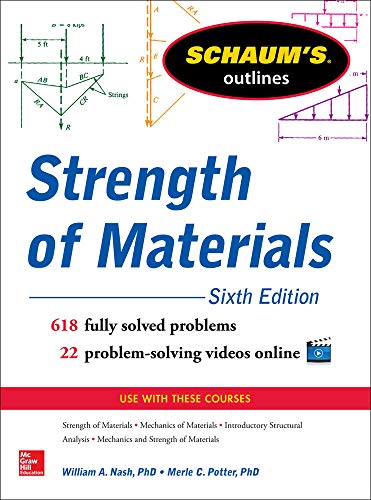
Schaum’s Outline of Strength of Materials, 6ed Tough Test Questions? Missed Lectures? Not Enough Time? Fortunately, there's Schaum's. This all-in-one-package includes more than 600 fully solved problems, examples, and practice exercises to sharpen your problem-solving skills. Plus, you will have access to 22 detailed videos featuring instructors who explain the most commonly tested problems--it's just like having your own virtual tutor! You'll find everything you need to build confidence, skills, and knowledge for the highest score possible. More than 40 million students have trusted Schaum's to help them succeed in the classroom and on exams. Schaum's is the key to faster learning and higher grades in every subject. Each Outline presents all the essential course information in an easy-to-follow, topic-by-topic format. You also get hundreds of examples, solved problems, and practice exercises to test your skills. This Schaum's Outline gives you 618 fully solved problems Extra practice on topics such as determinate force systems, torsion, cantilever beams, and more Support for all the major textbooks for strength of materials courses Fully compatible with your classroom text, Schaum's highlights all the important facts you need to know. Use Schaum's to shorten your study time--and get your best test scores! Schaum's Outlines--Problem Solved. TECHNOLOGY & ENGINEERING,Materials Science,General
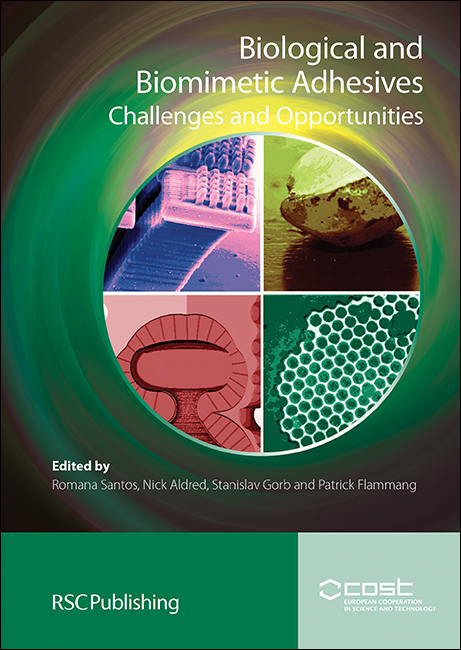
Biological and Biomimetic Adhesives Publication of the Cost Action Group TD0906. A volume based on the proceedings of the 1st International Conference on Biological and Biomimetic Adhesives that was held at the University of Lisbon, Portugal 9-11 May 2012. TECHNOLOGY & ENGINEERING,Materials Science,General
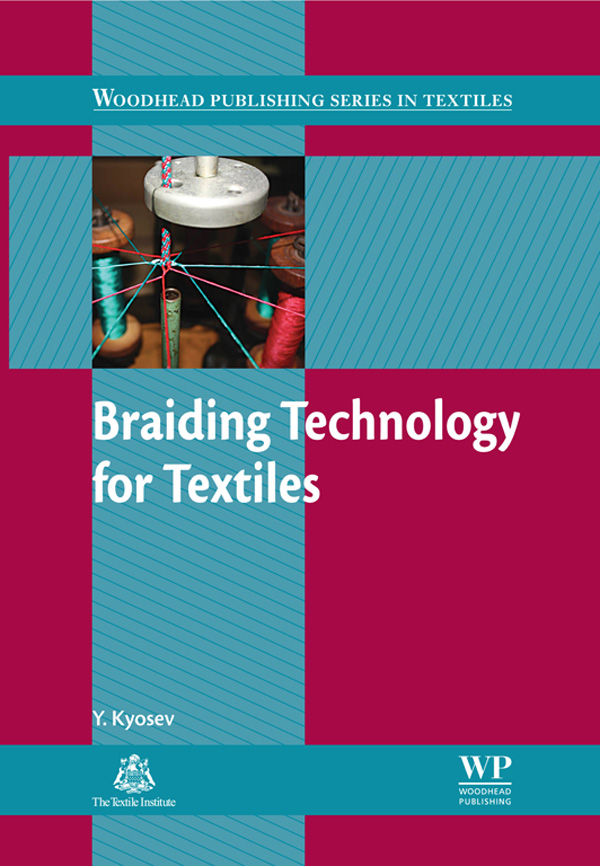
Braiding Technology for Textiles Braided fabrics are made by interlacing yarns or strips of fabric. Braiding produces a wide range of structures for technical textile applications from medical sutures to cables for anchoring ships. Written by one of the world’s leading experts in the field, the book reviews the basic principles, design and processes used in braiding. The book also discusses specialised braiding techniques such as spiral braiding and lace technology. Provides a solid foundation in the fundamentals of braiding design, processes and machinery Covers the patterning of braided products and the structural and colour design of both flat and tubular braids Reviews maypole braiding machines and mechanics TECHNOLOGY & ENGINEERING,Materials Science,General
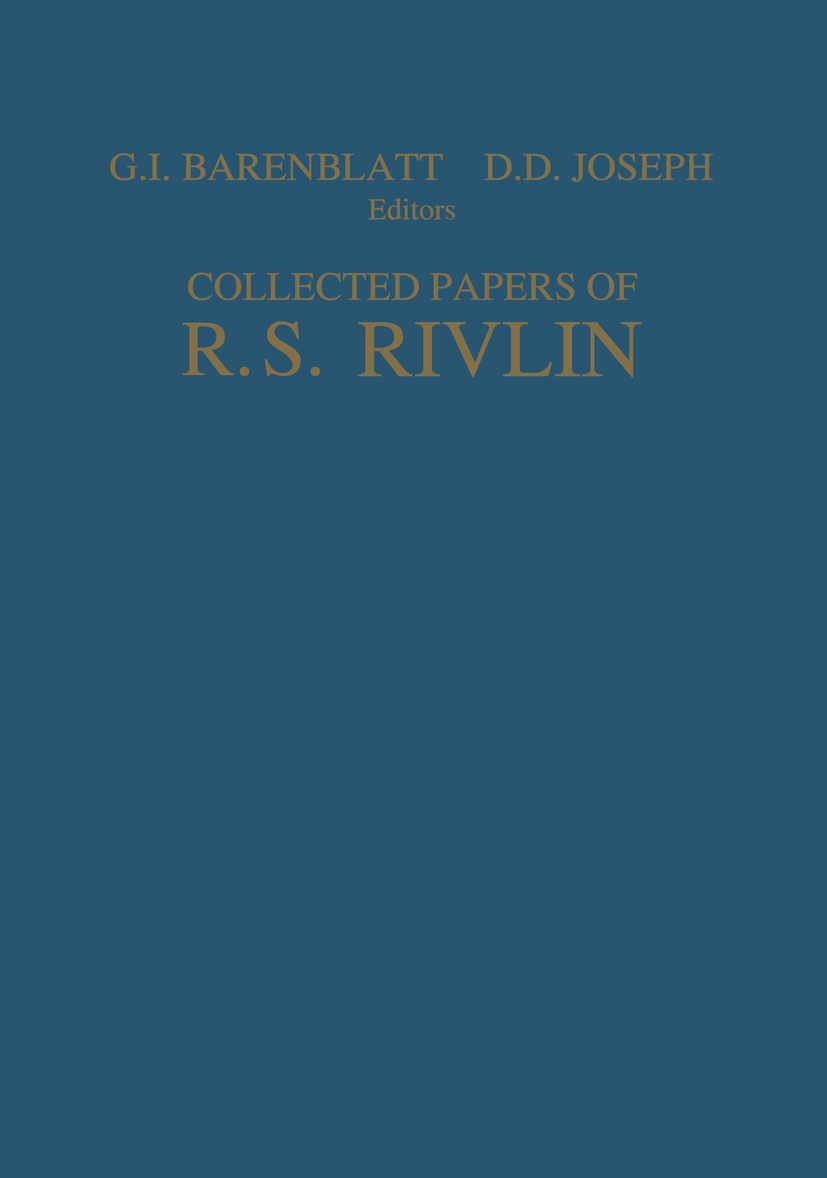
Collected Papers of R.S. Rivlin R.S. Rivlin is one of the principal architects of nonlinear continuum mechanics: His work on the mechanics of rubber (in the 1940s and 50s) established the basis of finite elasticity theory. These volumes make most of his scientific papers available again and show the full scope and significance of his contributions. TECHNOLOGY & ENGINEERING,Materials Science,General
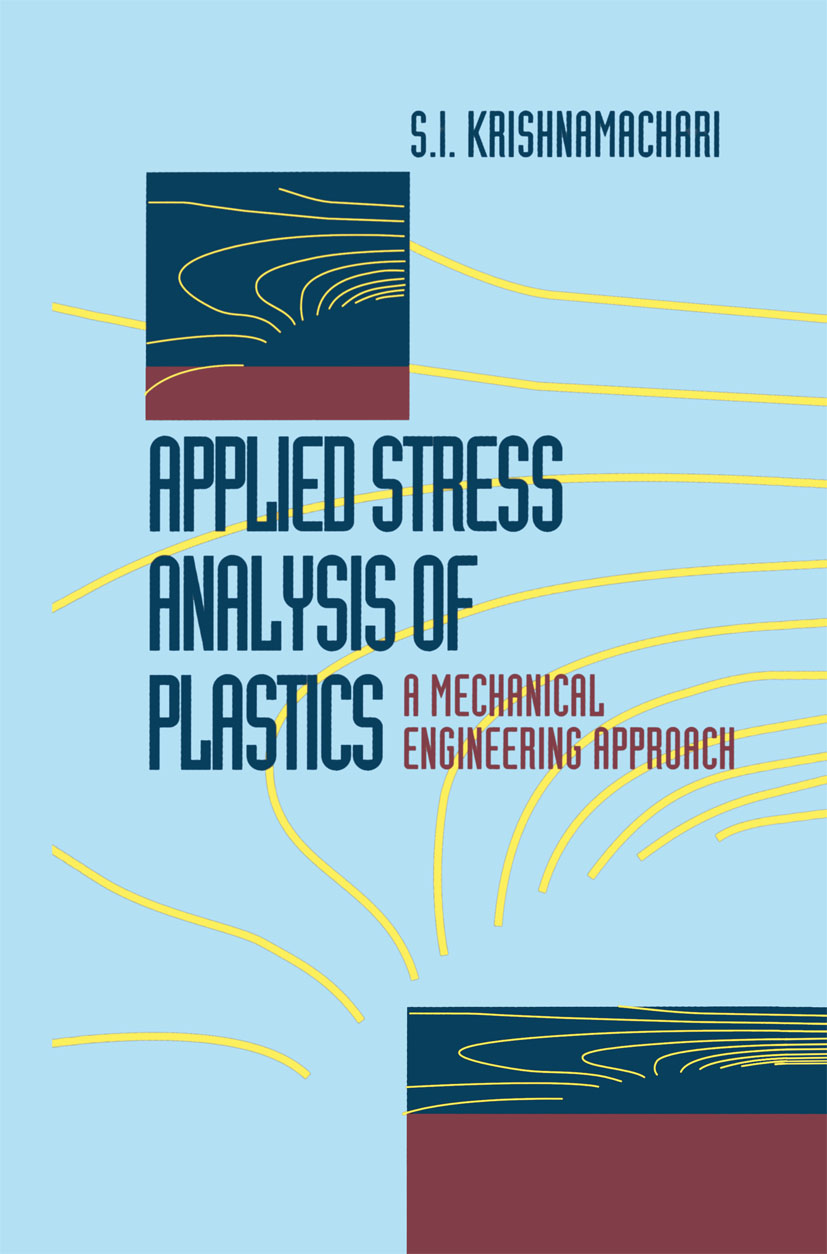
Applied Stress Analysis of Plastics This book is a product of the understanding I developed of stress analysis applied to plastics, while at work at L. J. Broutman and Associates (UBA) and as a lecturer in the seminars on this topic co-sponsored by UBA and Society of Plastics Engineers. I believe that by its extent and level of treatment, this book would serve as an easy-to-read desktop reference for professionals, as well as a text book at the junior or senior level in undergraduate programs. The main theme of this book is what to do with computed stress. To approach the theme effectively, I have taken the "stress category ap proach" to stress analysis. Such an approach is being successfully used in the nuclear power field. In plastics, this approach helps in the prediction of long term behavior of structures. To maintain interest I have limited derivations and proofs to a minimum, and provided them, if at all, as flow charts. In this way, I believe that one can see better the connection between the variables, assumptions, and mathematics. TECHNOLOGY & ENGINEERING,Materials Science,General
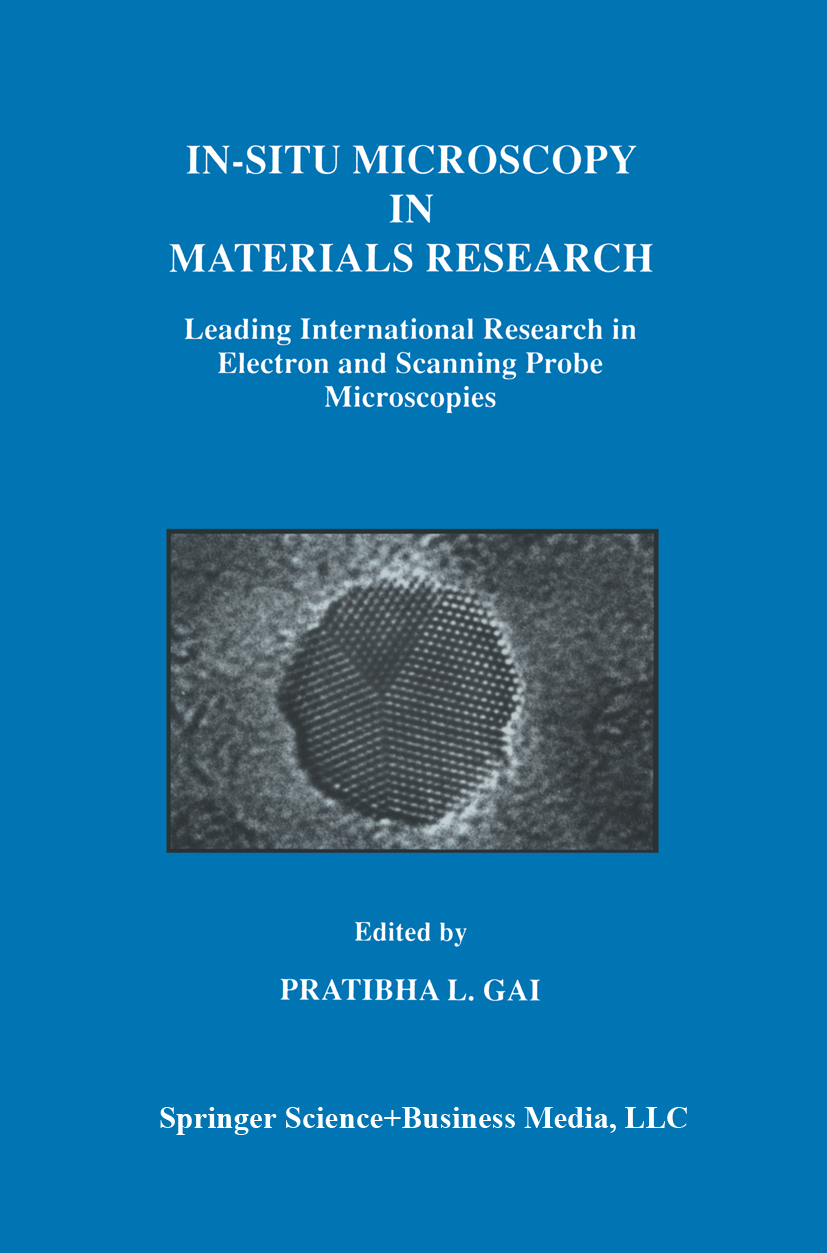
In-Situ Microscopy in Materials Research 2. High Temperature UHV-STM System 264 3. Hydrogen Desorption Process on Si (111) Surface 264 4. (7x7) - (1 xl) Phase Transition on Si (111) Surface 271 Step Shifting under dc Electric Fields 275 5. 6. Conclusions 280 Acknowledgements and References 281 12. DYNAMIC OBSERVATION OF VORTICES IN SUPERCONDUCTORS USING ELECTRON WAVES 283 by Akira Tonomura 1. Introduction 283 2. Experimental Method 284 2. 1 Interference Microscopy 284 2. 2 Lorentz Microscopy 287 Observation of Superconducting Vortices 288 3. 3. 1 Superconducting Vortices Observed by Interference Microscopy 288 3. 1. 1 Profile Mode 288 3. 1. 2 Transmission Mode 291 3. 2 Superconducting Vortices Observed by Lorentz Microscopy 293 3. 3 Observation of Vortex Interaction with Pinning Centers 294 3. 3. 1 Surface Steps 295 3. 3. 2 Irradiated Point Defects 296 4. Conclusion 298 References 299 13. TEM STUDIES OF SOME STRUCTURALLY FLEXIBLE SOLIDS AND THEIR ASSOCIATED PHASE TRANSFORMATIONS 301 by Ray L. Withers and John G. Thompson 1. Introduction 301 2. Tetrahedrally Comer-Connected Framework Structures 302 3. Tetragonal a-PbO 311 4. Compositionally Flexible Anion-Deficient Fluorites and the "Defect Fluorite" to C-type Sesquioxide Transition 320 5. Summary and Conclusions 327 Acknowledgements and References 327 Author Index 331 Subject Index 333 List of Contributors A. ASEEV Institute of Semiconductor Physics, Russian Academy of Sciences Novosibirsk, 630090, pr. ac. , Lavrentjeva 13, RUSSIA E. BAUER Department of Physics and Astronomy, Arizona State University Tempe, AZ 85287-1504, U. S. A. G. H. TECHNOLOGY & ENGINEERING,Materials Science,General
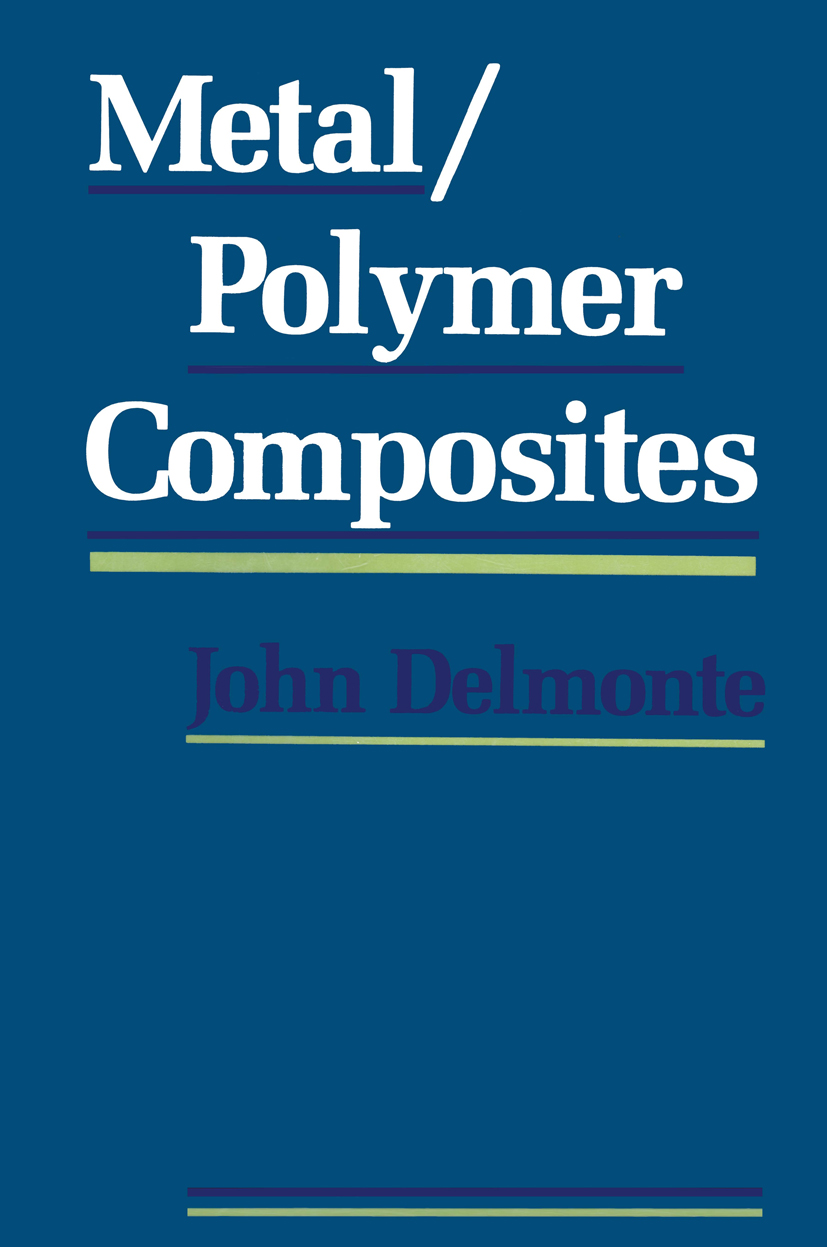
Metal/Polymer Composites TECHNOLOGY & ENGINEERING,Materials Science,General
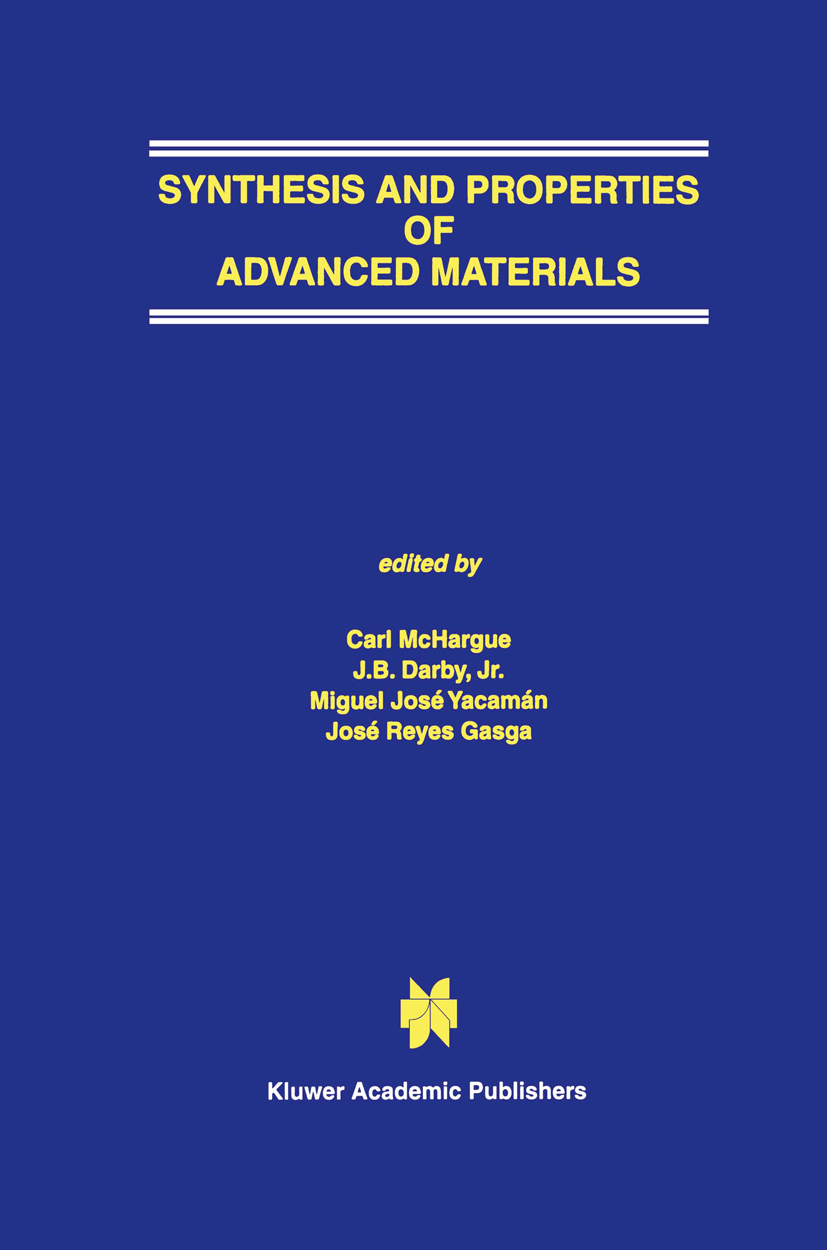
Synthesis and Properties of Advanced Materials Synthesis and Properties of Advanced Materials provides an overview of some of the most exciting developments in advanced materials. The book contains review papers based on tutorial lectures given at The First Pan American Advanced Study Institute held in Merida, Mexico, 1995. Each paper serves as a comprehensive introduction and review to the topic covered. Topics included: diamond and related materials, nanocrystalline metals and ceramics, Co-based alloys for biomedical applications, high-temperature superconductivity materials, composite materials, cement-based materials, ion-implanted ceramics and structural ceramics. Each chapter emphasizes the relationships among processing parameters, micro-structure and properties. Synthesis and Properties of Advanced Materials provides an excellent review of the state of the art in advanced materials for the working engineer or researcher. Students will also find this text an accessible introduction to the field. TECHNOLOGY & ENGINEERING,Materials Science,General

Concrete Admixtures 1. Portland Cement.- 2. Admixtures—General Concepts.- 3. Water Reducing Chemical Admixtures.- 4. Set Accelerating Admixtures.- 5. Set Retarding Chemical Admixtures.- 6. Air Entraining Admixtures.- 7. Pozzolans and the Pozzolanic Reaction. TECHNOLOGY & ENGINEERING,Materials Science,General
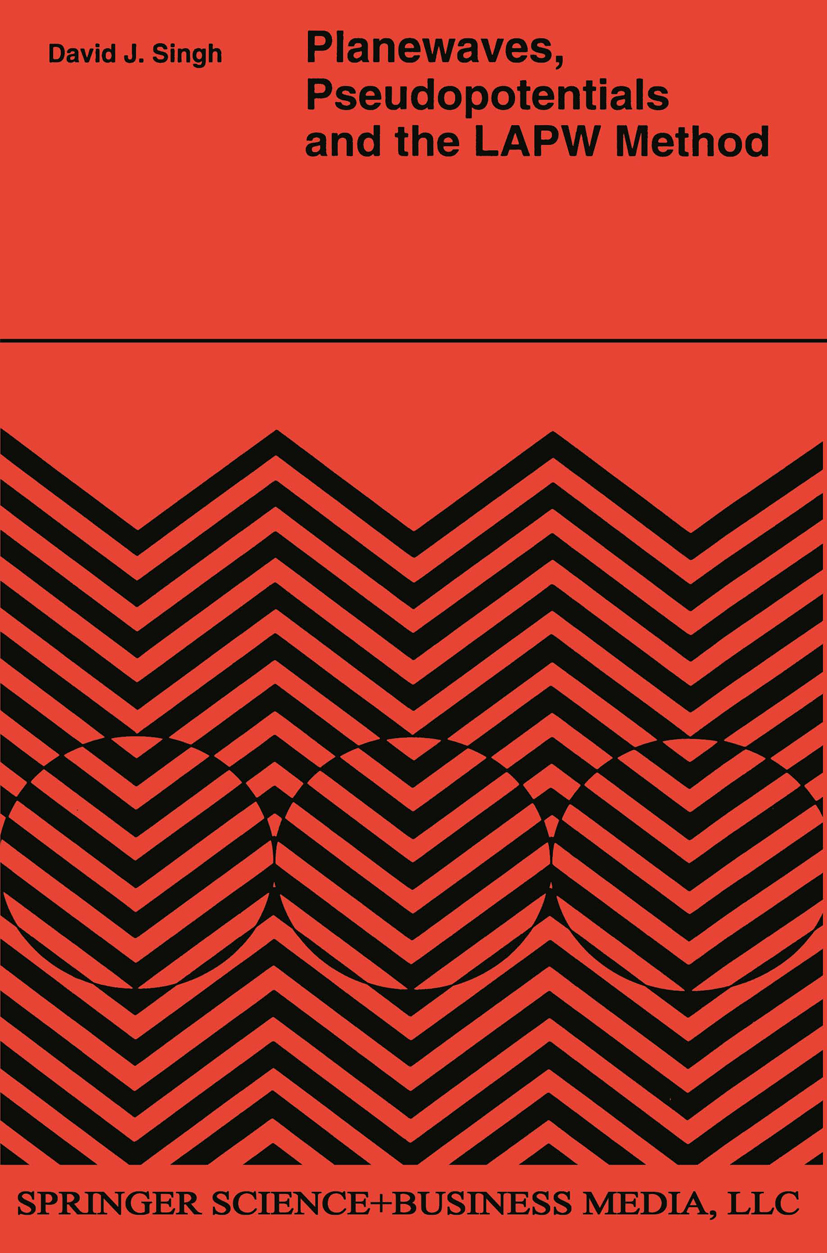
Planewaves, Pseudopotentials and the LAPW Method Over the past decade the world's technological and industrial base has become increasingly dependent on advanced materials. There is every indication that this trend will accelerate and that progress in many areas will increasingly depend on the development of new materials and processing techniques. A second and equally significant trend is the continuing ascent of the information technologies, which now touch almost every aspect of life in some way. In this environment it is natural that there is a strong interest in using numerical modeling in materials science. With its extreme accuracy and reasonable computational efficiency, the linearized augmented plane wave (LAPW) method has emerged as the standard by which density functional calculations for transition metal and rare-earth containing materials are judged. Planewaves, Pseudopotentials and the LAPW Method presents a thorough and self-contained exposition of the LAPW method, making this powerful technique more accessible to researchers and students who have some familiarity with local density approximation calculations. Theory is discussed, but the emphasis is on how practical implementation proceeds. In addition, the author suggests future directions for adapting the LAPW method to simulations of complex materials requiring large unit cells. He does this by elucidating the connections between the LAPW method and planewave pseudopotential approaches and by showing how Car--Parrinello type algorithms can be adapted to the LAPW method. Planewaves, Pseudopotentials and the LAPW Method is a valuable resource for researchers already involved in electronic structure calculations, as well as for newcomers seeking quick mastery of the LAPW technique. TECHNOLOGY & ENGINEERING,Materials Science,General
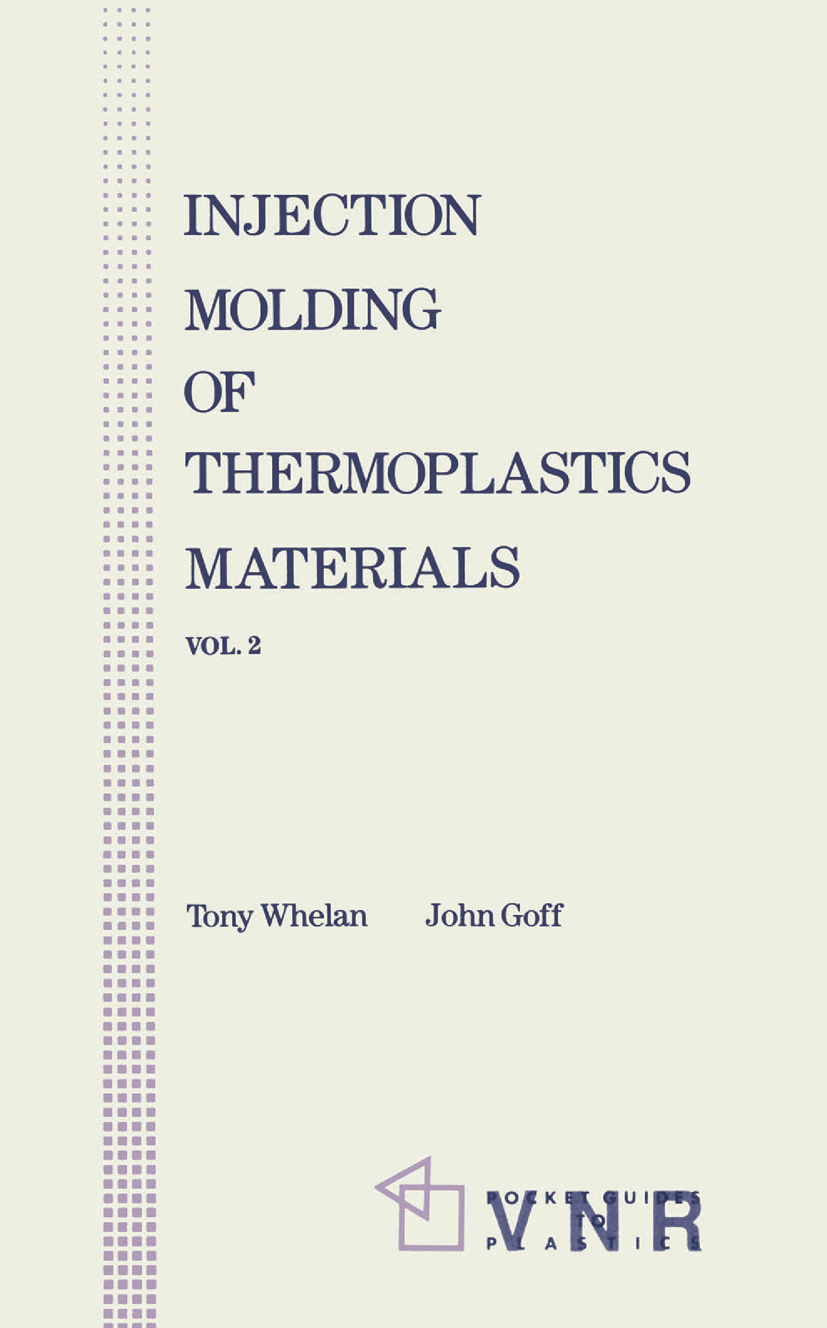
Injection Molding of Thermoplastic Materials - 2 Over the years 1984 to 1989, we published a series of articles on the molding of thermoplastics, and of thermosetting materials, in the monthly magazine British Plastics and Rubber (B P & R). These articles were very well received and we also received a large number of requests for reprints. The articles were also translated into languages other than English. In order to cater for what is obviously a need in both the ther moplastics, and the thermosetting, molding industries, we there fore brought the information together and produced it in book form. To make the material easier to handle we produced it in the form of several books and this is one of them. We can only hope that the information so presented, serves you well and that you find the information useful. We in turn would like to thank the editor of the magazine B P & R for helping us in this matter. Thanks are also due to our many friends and colleagues throughout the molding industry for their useful help and advice: in particular, the company Moldflow (Europe) limited deserve a special mention as they allowed us to extract information from their extensive data base. TECHNOLOGY & ENGINEERING,Materials Science,General
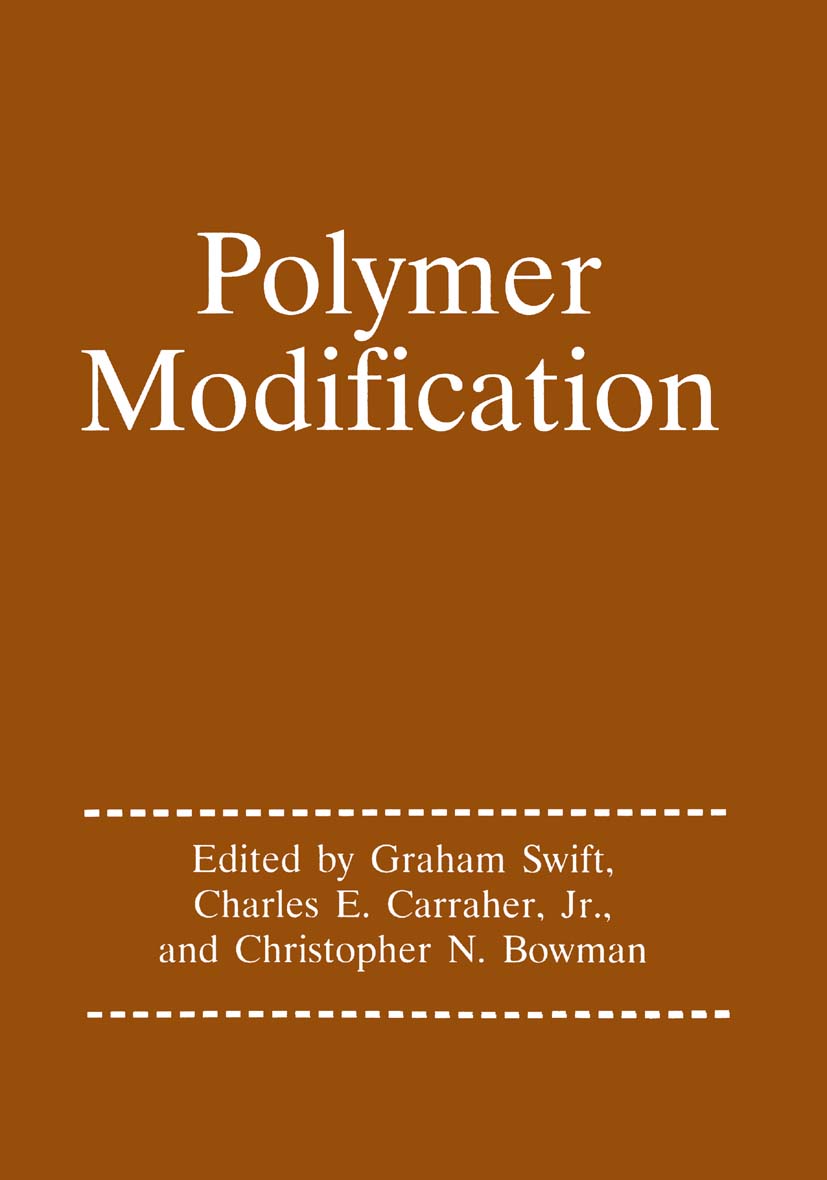
Polymer Modification Proceedings of an ACS-PMSE Division Symposium held in Orlando, Florida, August 21-25, 1996 TECHNOLOGY & ENGINEERING,Materials Science,General
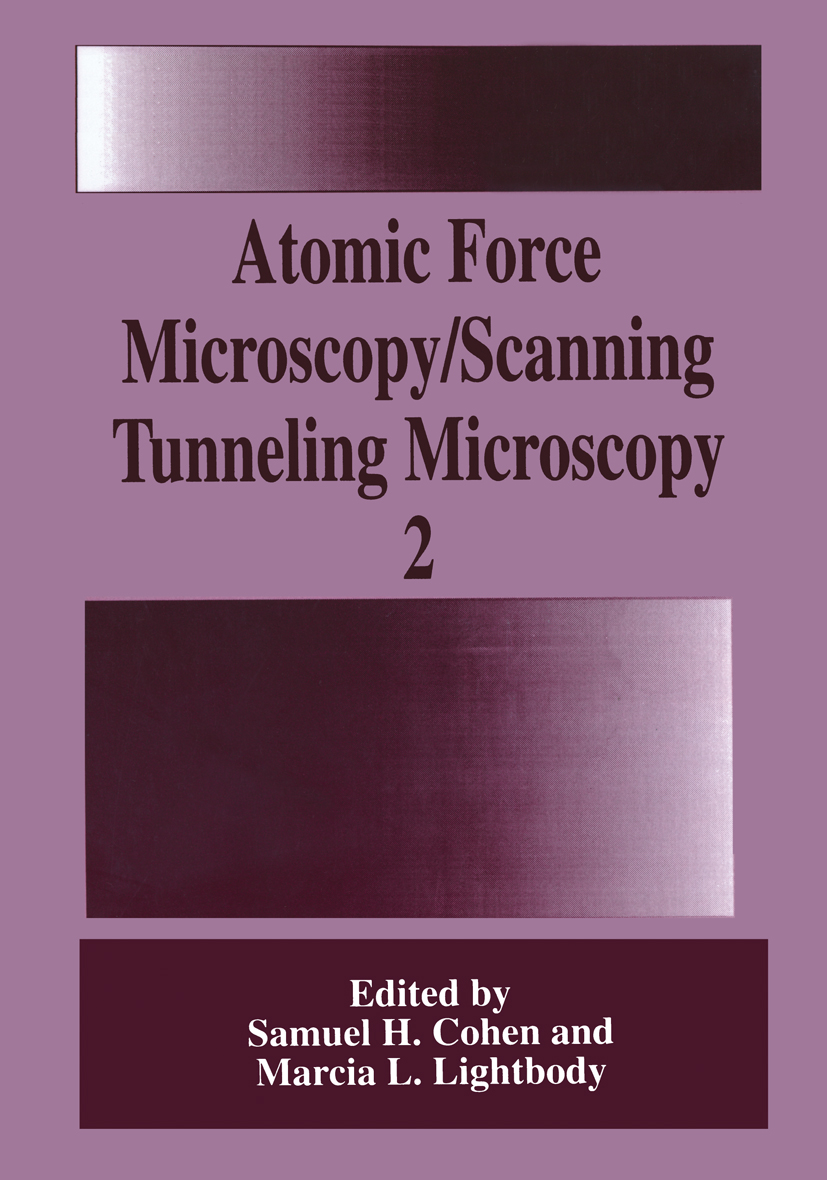
Atomic Force Microscopy/Scanning Tunneling Microscopy 2 Proceedings of the Second Symposium held in Natick, Massachusetts, June7-9, 1994 TECHNOLOGY & ENGINEERING,Materials Science,General

Materials Synthesis and Characterization Based on the proceedings of an American Chemical Society symposium held in San Diego, California, March 13-17, 1994 TECHNOLOGY & ENGINEERING,Materials Science,General
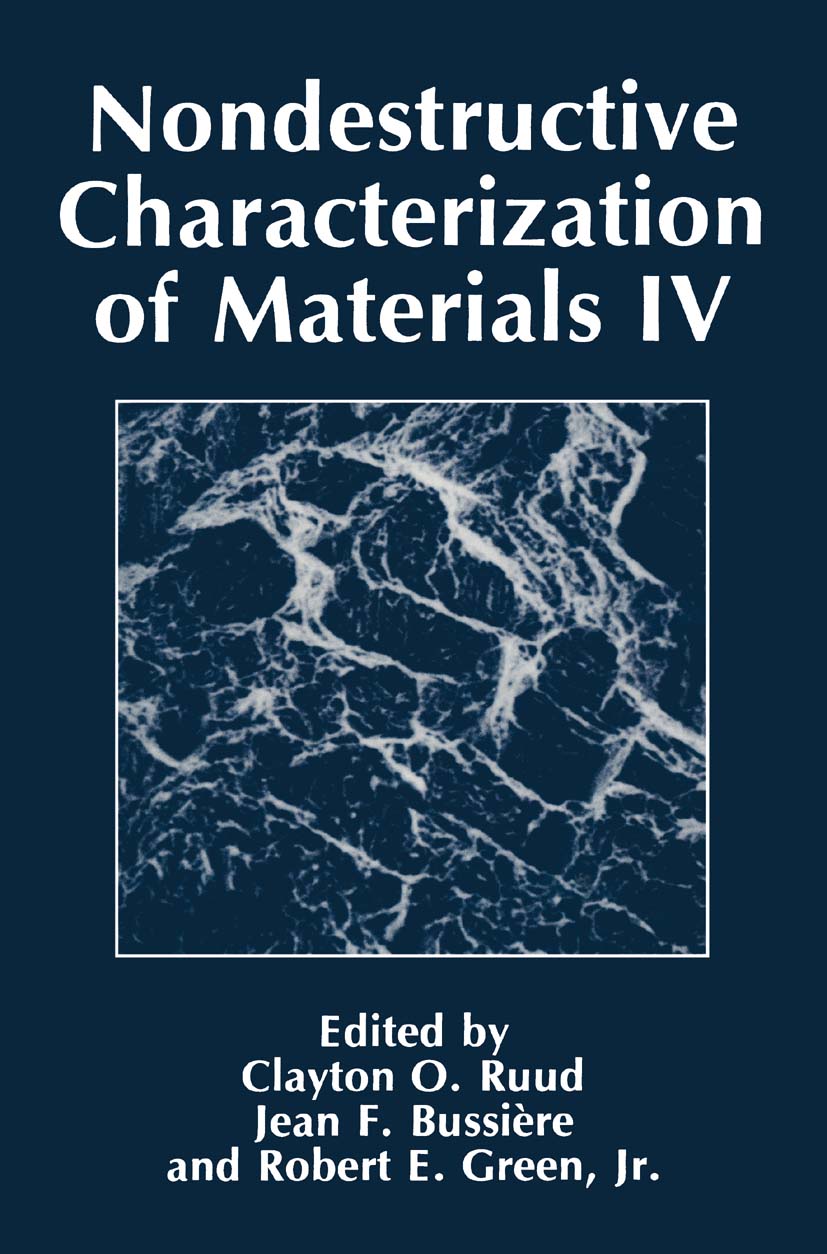
Nondestructive Characterization of Materials IV There is a great deal of interest in extending nondestructive technologies beyond the location and identification of cracks and voids. Specifically there is growing interest in the application of nondestructive evaluation (NOEl to the measurement of physical and mechanical properties of materials. The measurement of materials properties is often referred to as materials characterization; thus nondestructive techniques applied to characterization become nondestructive characterization (NDCl. There are a number of meetings, proceedings and journals focused upon nondestructive technologies and the detection and identification of cracks and voids. However, the series of symposia, of which these proceedings represent the fourth, are the only meetings uniquely focused upon nondestructive characterization. Moreover, these symposia are especially concerned with stimulating communication between the materials, mechanical and manufacturing engineer and the NDE technology oriented engineer and scientist. These symposia recognize that it is the welding of these areas of expertise that is necessary for practical development and application of NDC technology to measurements of components for in service life time and sensor technology for intelligent processing of materials. These proceedings are from the fourth international symposia and are edited by c.o. Ruud, J. F. Bussiere and R.E. Green, Jr. . The dates, places, etc of the symposia held to date area as follows: Symposia on Nondestructive Methods for TITLE: Material Property Determination DATES: April 6-8, 1983 PLACE: Hershey, PA, USA CHAIRPERSONS: C.O. Ruud and R.E. Green, Jr. TECHNOLOGY & ENGINEERING,Materials Science,General

Atomic Force Microscopy/Scanning Tunneling Microscopy The first U. S. Army Natick Research, Development and Engineering Center Atomic Force/Scanning Tunneling Microscopy (AFM/STM) Symposium was held on lune 8-10, 1993 in Natick, Massachusetts. This book represents the compilation of the papers presented at the meeting. The purpose ofthis symposium was to provide a forum where scientists from a number of diverse fields could interact with one another and exchange ideas. The various topics inc1uded application of AFM/STM in material sciences, polymers, physics, biology and biotechnology, along with recent developments inc1uding new probe microscopies and frontiers in this exciting area. The meeting's format was designed to encourage communication between members of the general scientific community and those individuals who are at the cutting edge of AFM, STM and other probe microscopies. It immediately became clear that this conference enabled interdisciplinary interactions among researchers from academia, industry and government, and set the tone for future collaborations. Expert scientists from diverse scientific areas including physics, chemistry, biology, materials science and electronics were invited to participate in the symposium. The agenda of the meeting was divided into three major sessions. In the first session, Biological Nanostructure, topics ranged from AFM ofDNA to STM imagmg ofthe biomoleeule tubulin and bacterialluciferase to the AFM of starch polymer double helices to AFM imaging of food surfaces. TECHNOLOGY & ENGINEERING,Materials Science,General
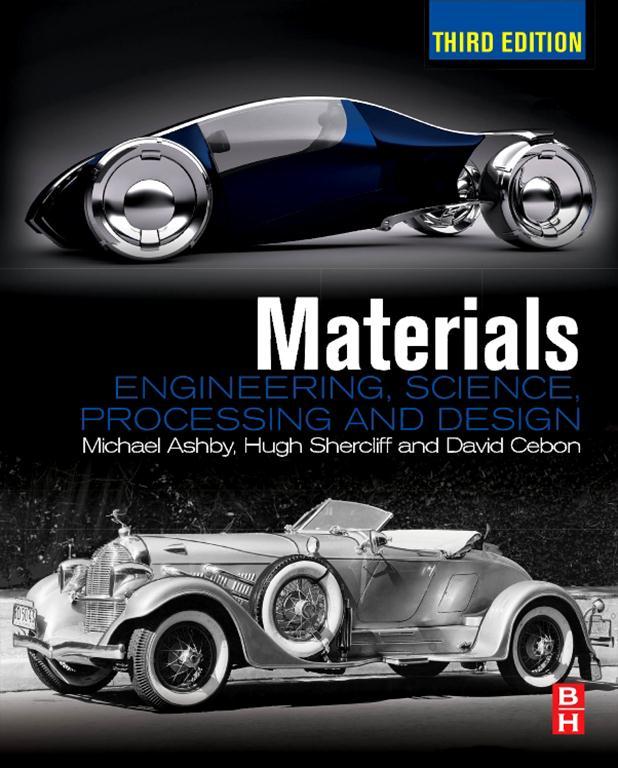
Materials Materials: Engineering, Science, Processing and Design—winner of a 2014 Textbook Excellence Award (Texty) from The Text and Academic Authors Association—is the ultimate materials engineering text and resource for students developing skills and understanding of materials properties and selection for engineering applications. Written by world-class authors, it takes a unique design led-approach that is broader in scope than other texts, thereby meeting the curriculum needs of a wide variety of courses in the materials and design field, from introduction to materials science and engineering to engineering materials, materials selection and processing, and materials in design. This new edition retains its design-led focus and strong emphasis on visual communication while expanding its treatment of crystallography and phase diagrams and transformations to fully meet the needs of instructors teaching a first-year course in materials. The book is fully linked with the leading materials software package used in over 600 academic institutions worldwide as well as numerous government and commercial engineering departments. Winner of a 2014 Texty Award from the Text and Academic Authors Association Design-led approach motivates and engages students in the study of materials science and engineering through real-life case studies and illustrative applications Highly visual full color graphics facilitate understanding of materials concepts and properties Chapters on materials selection and design are integrated with chapters on materials fundamentals, enabling students to see how specific fundamentals can be important to the design process Available solutions manual, lecture slides, online image bank and materials selection charts for use in class handouts or lecture presentations Links with the Cambridge Engineering Selector (CES EduPack), the powerful materials selection software TECHNOLOGY & ENGINEERING,Materials Science,General
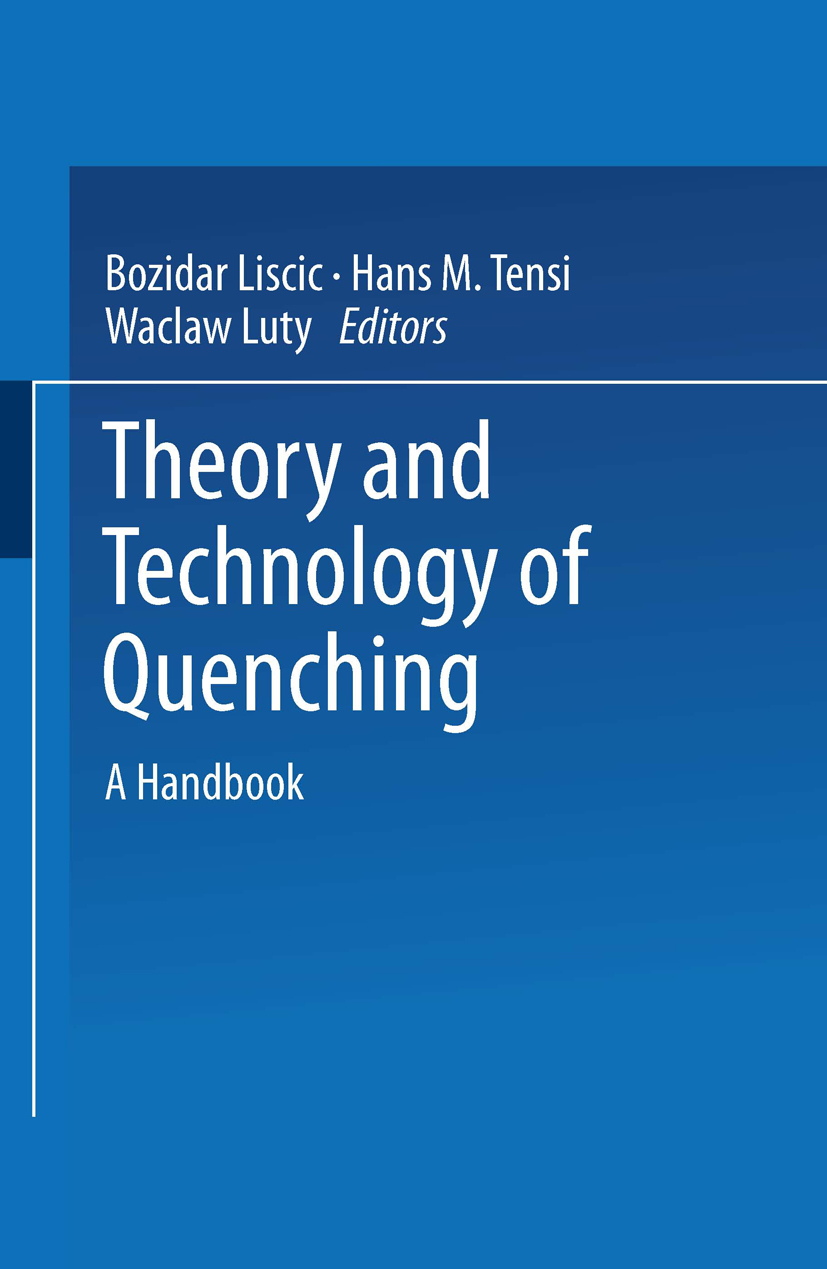
Theory and Technology of Quenching Heat treatment of metallic alloys constitutes an important step within the production process. The heat treatment process itself is considered as a cycle of heating the workpieces to a predetermined temperature, keeping them at this temperature for the time period required, and cooling them to room temperature in an appropriate way. The process of heating and keeping workpieces at the required temperature is now adays weil mastered and mostly automatized. The process of cooling or quenching which determines actually the resulting properties, is handicapped with many physical and technical uncertainties. Good results can already be obtained predominantly by using empirically based practice. But increased demands on the properties of the pro ducts as weIl as demands on safety and environment conditions of the quenching media require efforts to investigate the details of the quenching process and to transfer the results of the research to practical application. Advances in the knowledge about quenching processes have been achieved by modem applied thermodynamics especially by the heat and mass transfer researches; further the application of computer technology was helpful to new approaches in quenching pro cesses. Special emphases has been given to: - The theory of heat transfer and heat exchange intensification during quenching - Wetting kinematics - Residual stresses after quenching - Determination of the quenching intensity - Prediction of microstructural transformation and hardness distribution after quenching, the latter with some limitations. TECHNOLOGY & ENGINEERING,Materials Science,General
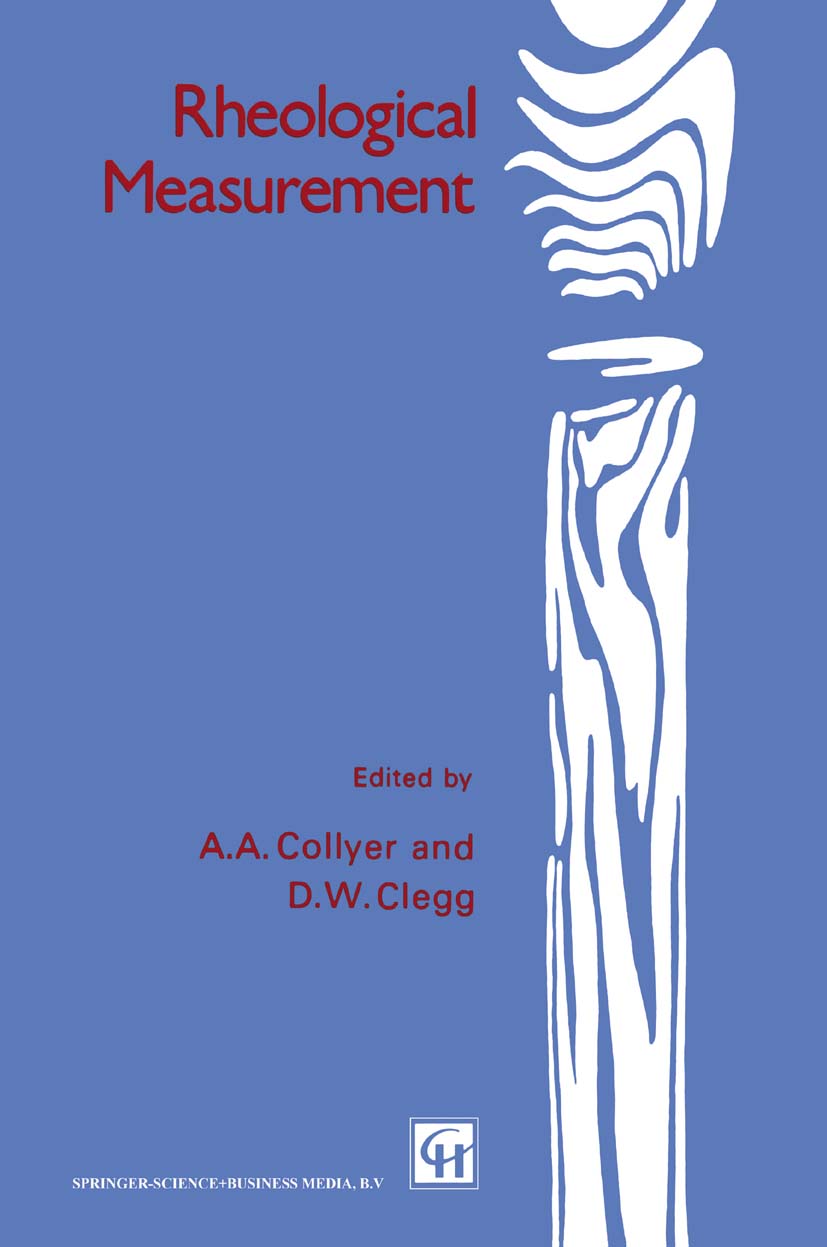
Rheological Measurement In many cases rheological measurements are carried out in the simplest of geometries, but the interpretation involved in obtaining the rheological parameters of the test fluids from these measurements is surprisingly complex. The purpose of this book is to emphasise the points on which most workers in the field agree, and to let the authors deal with the contentious points according to their own beliefs and experience. This work represents a summary of the current thought on rheological meas urement by experts in the various techniques. When making measurements and obtaining from them parameters that describe the flow behaviour of the test fluids, it is essential that the experimentalist understands the underlying theory and shortcomings of the measurement technique, that he is aware of the likely microstructure of the fluid, and that from this he can appreciate how the fluid and the measuring system will interact with each other. It is this interaction that gives both the required rheological parameters of the fluids and the artefacts that confuse the issue. This book covers the main rheological measurement techniques from capillary, slit and stretching flows to rotational and oscillatory rheometry in various geometries including sliding plate measurements. These topics are backed up by chapters on more practical aspects, such as commercial instruments, and on computer control and data acquisition. The chapters deal with the basic methods, how the measurements are taken, and what assumptions and interpretations are made to obtain valid data on the test fluids. TECHNOLOGY & ENGINEERING,Materials Science,General
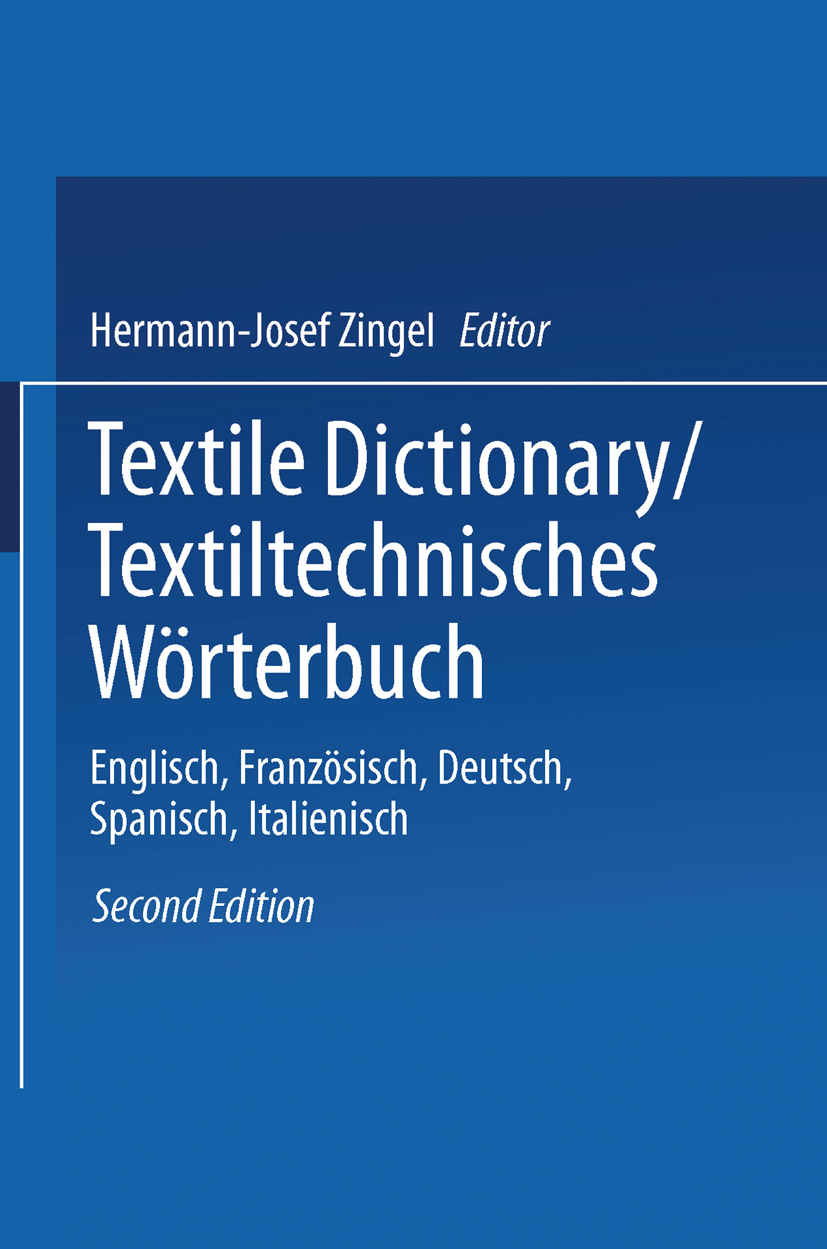
Textile Dictionary / Textiltechnisches Wörterbuch Die 2. Auflage dieses Buches ist durch Mitarbeiter des Institutes für Textiltechnik der RWTH Aachen fachlich durchgesehen, auf den neuesten Stand gebracht, um etwa 1.000 Begriffe erweitert und durch die italienische Sprache ergänzt. TECHNOLOGY & ENGINEERING,Materials Science,General
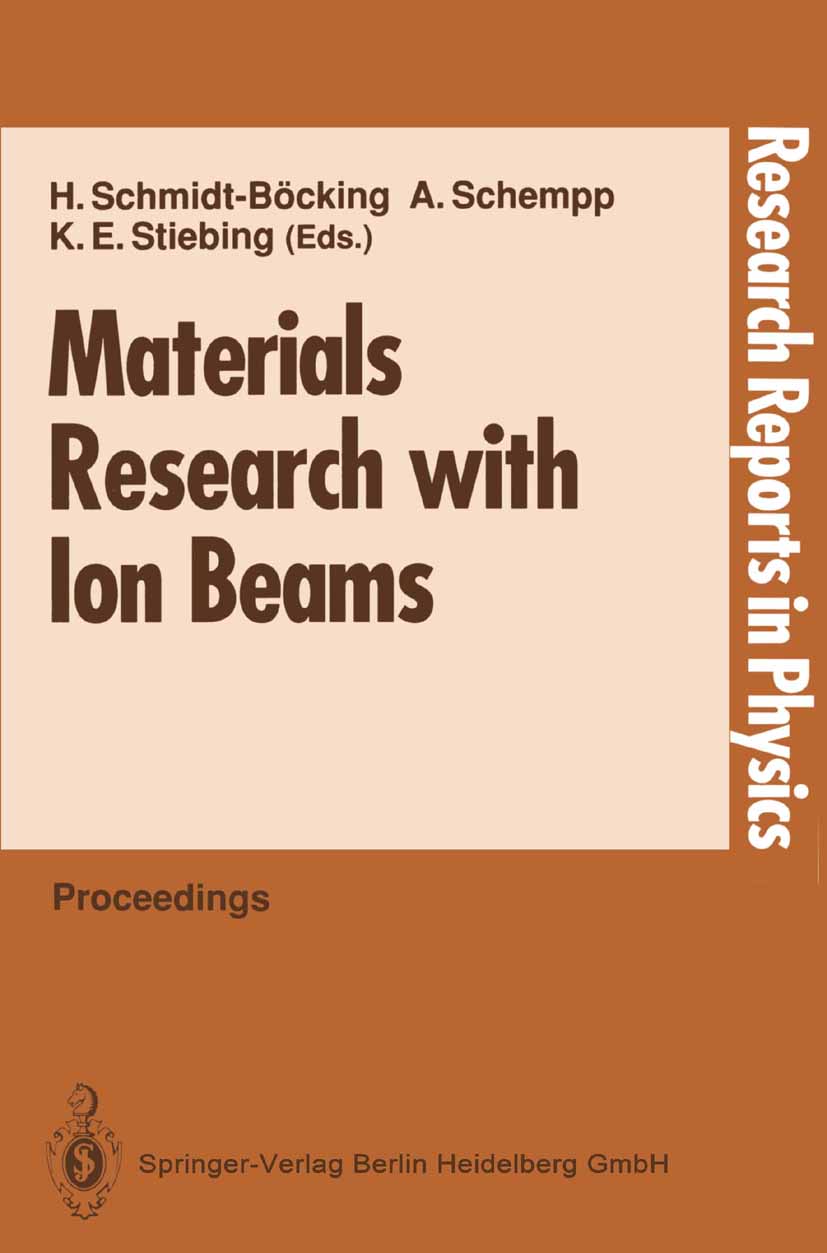
Materials Research with Ion Beams Due to new technological progress in the development of ionsources and accelerators interesting kinds of beams are nowavailable. They open new fields for materials research withion beams. The present status and future possibilities ofthese research activities are described by experts on thisfield in the form of review articles. The papers presentedin the book focus on very different aspects ranging from thefield of truly appliedresearch to the field of fundamentalatomic research investigating interaction mechanisms ofslow, highly charged particles with surfaces.The book is intended to provide a source of informationabout recent developments in basic research for thephysicists about the status ofthe input of their work intoapplied materials science. In addition, also other wellestablished techniques, such as Rutherford backscatteringanalysis and their use in materials research such as of HTCare described. The reader of this book will benefit from itsbroad view over the various methods of materilas researchwith ion beams. TECHNOLOGY & ENGINEERING,Materials Science,General

Progress in Fourier Transform Spectroscopy 19 plenary lectures and 203 poster papers presented at the 10th International Conference of Fourier Transform Spectroscopy in Budapest 1995 give an overview on the state-of-the art of this technology and its wide range of applications. The reader will get information on any aspects of FTS including the latest instrumental developments, e.g. in diode array detection, time resolution FTS, microscopy and spectral mapping, double modulation and two-dimensional FTS. TECHNOLOGY & ENGINEERING,Materials Science,General
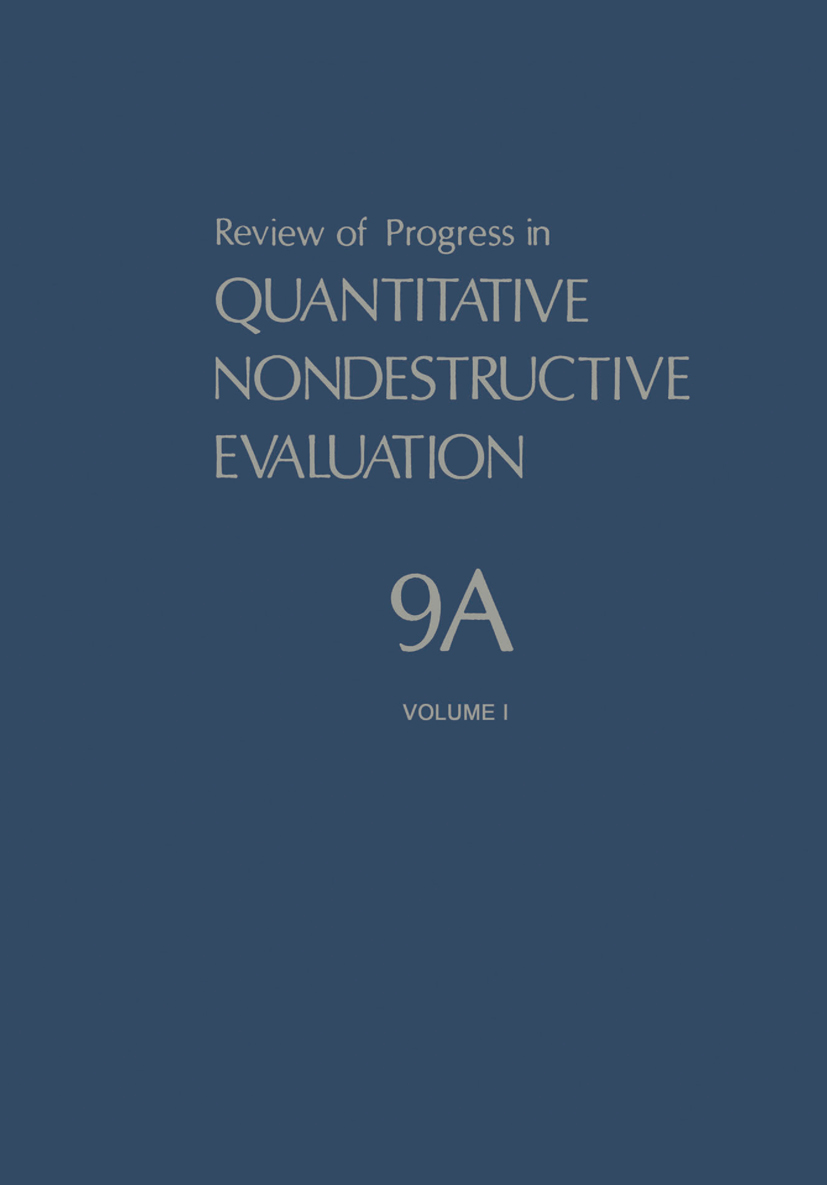
Review of Progress in Quantitative Nondestructive Evaluation This volume (Parts A and B) contains the edited papers presented at the annual Review of Progress in Quantitative Nondestructive Evaluation held at Bowdoin College, Brunswick, ME on July 24-28, 1989. The Review was organized by the Center for Advanced NDE at the Ames Laboratory of the U. S. Department of Energy, in cooperation with the Office of Basic Energy Sciences, USDOE, and the Materials Laboratory at Wright-Patterson Air Force Base. The statistics for the 1989 Review of Progress in QNDE include a total of over 460 participants from the U. S. and nine foreign countries who presented some 325 papers. Over the years this conference has grown into one of the largest, most significant gatherings of NDE researchers and engineers in the world. The meeting was divided into 35 sessions, with as many as four sessions running concurrently, and covering all stages of NDE development from basic research investigations to early engineering applications and all methods of inspection science from ultrasonics to x-ray tomography. The Editors have organized the papers in the Proceedings according to topical subject headings, rather than in the original order of presentation. This rearrangement yields a more user-friendly reference work and follows a pattern now familiar to regular attendees of the Review. Some changes in the headings and their subcategories have been introduced to accommodate dynamic evolution of the field, as we observe it. TECHNOLOGY & ENGINEERING,Materials Science,General

Rheology and Processing of Liquid Crystal Polymers Liquid crystal polymers (LCPs) have many strange properties that may be utilized to advantage in the processing of products made from them and their blends with isotropic polymers. This volume (volume 2 in the series Polymer Liquid Crystals) deals with their strange flow behaviour and the models put forward to explain the phenomena that occur in such polymers and their blends. It has been known for some time that small ad ditions of a thermotropic LCP to isotropic polymers not only gives an improvement in the strength and stiffness of the blend but improves the processability of the blend over that of the isotropic polymer. In the case of lyotropic LCPs, it is possible to create a molecular composite in which the reinforcement of an isotropic polymer is achieved at a molecular level by the addition of the LCP in a common solvent. If the phenomena can be fully understood both the reinforcement and an increase in the proces sability of isotropic polymers could be optimized. This book is intended to illustrate the current theories associated with the flow of LCPs and their blends in the hope that such an optimization will be achieved by future research. Chapter 1 introduces the subject of LCPs and describes the ter minology used; Chapter 2 then discusses the more complex phenomena associated with these materials. In Chapter 3, the way in which these phe nomena may be modelled using hamiltonians is fully covered. TECHNOLOGY & ENGINEERING,Materials Science,General
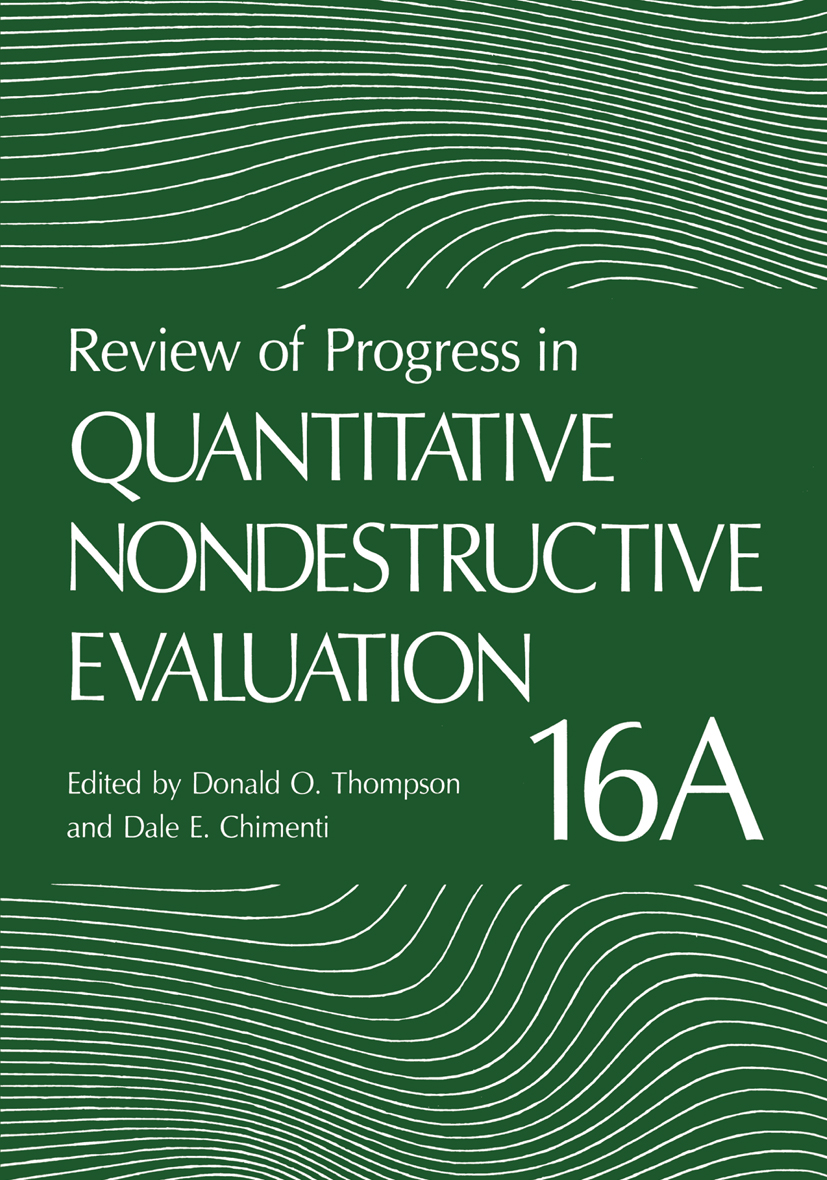
Review of Progress in Quantitative Nondestructive Evaluation Proceedings of the Twenty-Third Symposium held in Brunswick, Maine, July 28-August 2, 1996 TECHNOLOGY & ENGINEERING,Materials Science,General
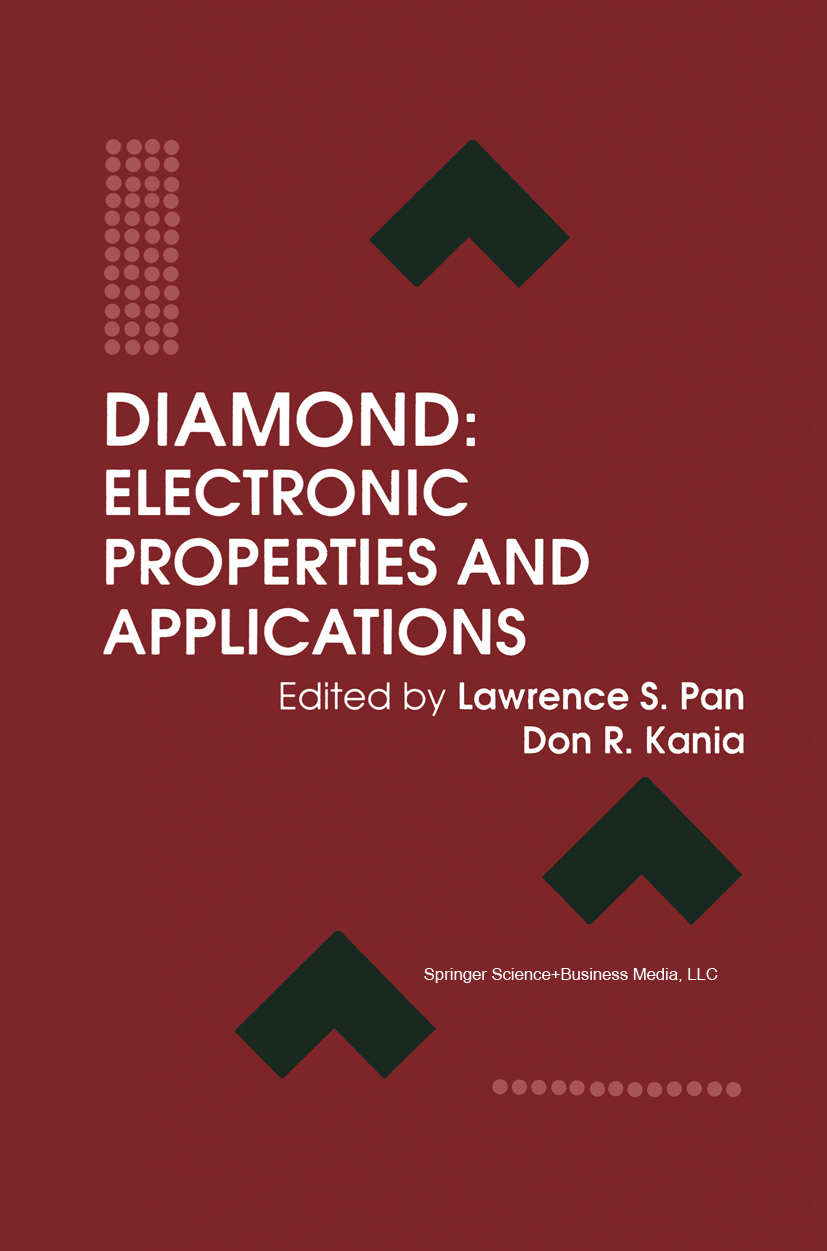
Diamond The use of diamond for electronic applications is not a new idea. As early as the 1920's diamonds were considered for their use as photoconductive detectors. However limitations in size and control of properties naturally limited the use of diamond to a few specialty applications. With the development of diamond synthesis from the vapor phase has come a more serious interest in developing diamond-based electronic devices. A unique combination of extreme properties makes diamond partiCularly well suited for high speed, high power, and high temperature applications. Vapor phase deposition of diamond allows large area films to be deposited, whose properties can potentially be controlled. Since the process of diamond synthesis was first realized, great progress have been made in understanding the issues important for growing diamond and fabricating electronic devices. The quality of both intrinsic and doped diamond has improved greatly to the point that viable applications are being developed. Our understanding of the properties and limitations has also improved greatly. While a number of excellent references review the general properties of diamond, this volume summarizes the great deal of literature related only to electronic properties and applications of diamond. We concentrate only on diamond; related materials such as diamond-like carbon (DLC) and other wide bandgap semiconductors are not treated here. In the first chapter Profs. C. Y. Fong and B. M. Klein discuss the band structure of single-crystal diamond and its relation to electronic properties. TECHNOLOGY & ENGINEERING,Materials Science,General
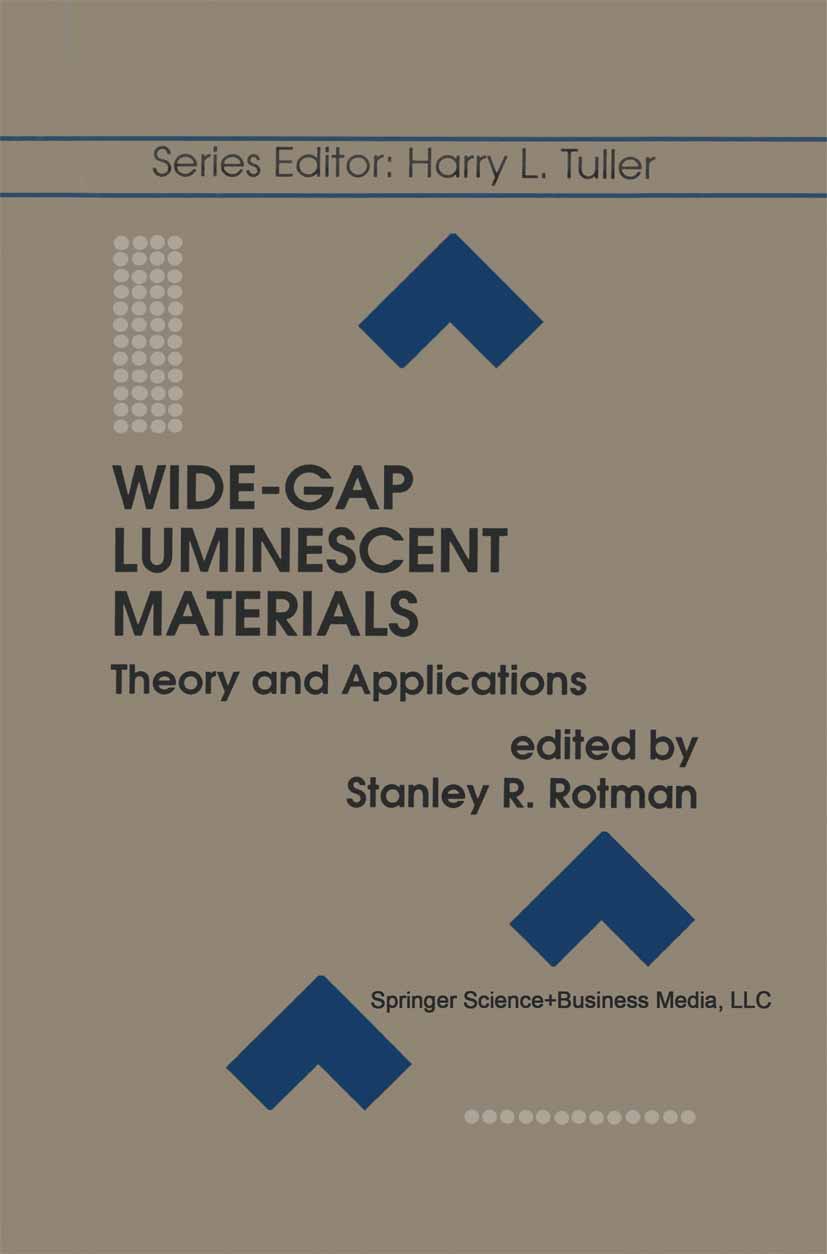
Wide-Gap Luminescent Materials Electro-optic devices based on doped wide-band materials are present in industrial uses, in military applications and in everyday life. Whether one engages in laser surgery with a neodymium-Y AG laser or one communicates overseas using optical fibers, the development of these materials is both scientifically and commercially of great interest. Much of the most innovative work has been done in the last 15 years in this area. A minor revolution in optical fiber communications has occurred with the development of erbium-doped fiber amplifiers. Solid-state laser development shifted into high-gear with the theoretical and experimental study of doubly-doped garnet lasers. Recent developments on semiconductor laser arrays are making diode pumped solid-state lasers commercially feasible. The purpose of this book is to detail these developments and to point out that many of the same underlying physical processes control advances in several diverse applications. For example, the basic science of energy transfer will be discussed by Zharikov et al. and Rotman for energy transfer and dopant-defect interactions, respectively; it will also be crucial in understanding cerium-doped scintilla tors, neodymium-chromium lasers, and up-conversion fiber lasers. As another example, phonon-induced non-radiative relaxation will appear in every chapter in this book. TECHNOLOGY & ENGINEERING,Materials Science,General

Vibration and Oscillation of Hydraulic Machinery This volume is concerned with vibration-free and quiet operation of hydraulic machines. It deals with the problems caused by mechanical and hydraulic excitations in hydraulic machinery (except for transients which are treated in a separate volume). The invited authors from five continents are internationally recognized experts in their fields. The book looks at the fundamentals for analysis of fluid structure systems, structural vibration, shaft rotordynamics and system instability; noise and diagnosis are introduced with examples from practical experience. TECHNOLOGY & ENGINEERING,Materials Science,General
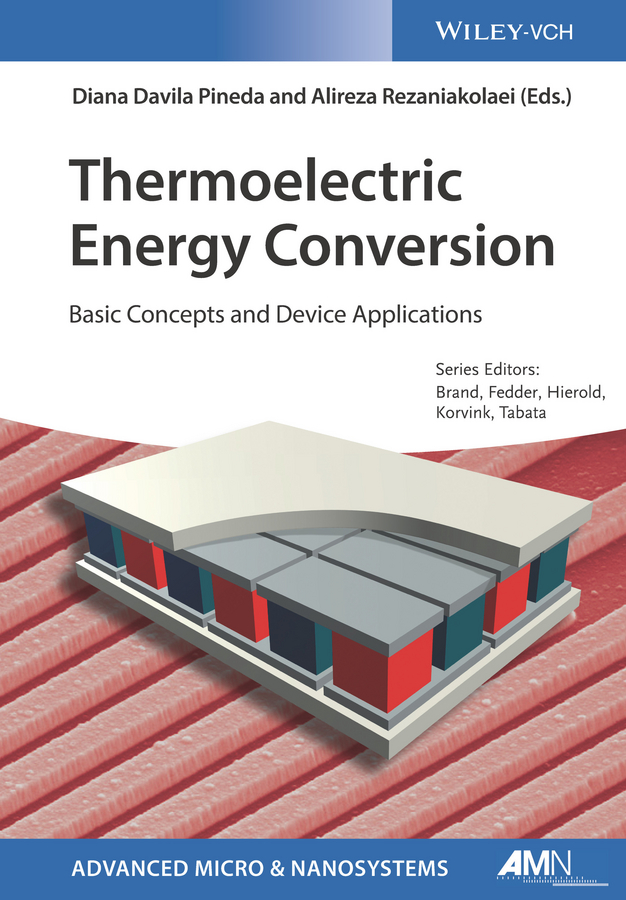
Thermoelectric Energy Conversion The latest volume in the well-established AMN series, this ready reference provides an up-to-date, self-contained summary of recent developments in the technologies and systems for thermoelectricity. Following an initial chapter that introduces the fundamentals and principles of thermoelectricity, subsequent chapters discuss the synthesis and integration of various bulk thermoelectric as well as nanostructured materials. The book then goes on to discuss characterization techniques, including various light and mechanic microscopy techniques, while also summarizing applications for thermoelectric materials, such as micro- and nano-thermoelectric generators, wearable electronics and energy conversion devices. The result is a bridge between industry and scientific researchers seeking to develop thermoelectric generators. TECHNOLOGY & ENGINEERING,Materials Science,General

High Temperature Coatings High Temperature Coatings, Second Edition, demonstrates how to counteract the thermal effects of rapid corrosion and degradation of exposed materials and equipment that can occur under high operating temperatures. This is the first true practical guide on the use of thermally protective coatings for high-temperature applications, including the latest developments in materials used for protective coatings. It covers the make-up and behavior of such materials under thermal stress and the methods used for applying them to specific types of substrates, as well as invaluable advice on inspection and repair of existing thermal coatings. With his long experience in the aerospace gas turbine industry, the author has compiled the very latest in coating materials and coating technologies, as well as hard-to-find guidance on maintaining and repairing thermal coatings, including appropriate inspection protocols. The book is supplemented with the latest reference information and additional support to help readers find more application- and industry-type coatings specifications and uses. Offers an overview of the underlying fundamental concepts of thermally-protective coatings, including thermodynamics, energy kinetics, crystallography and equilibrium phases Covers essential chemistry and physics of underlying substrates, including steels, nickel-iron alloys, nickel-cobalt alloys and titanium alloys Provides detailed guidance on a wide variety of coating types, including those used against high temperature corrosion and oxidative degradation and thermal barrier coatings TECHNOLOGY & ENGINEERING,Materials Science,General
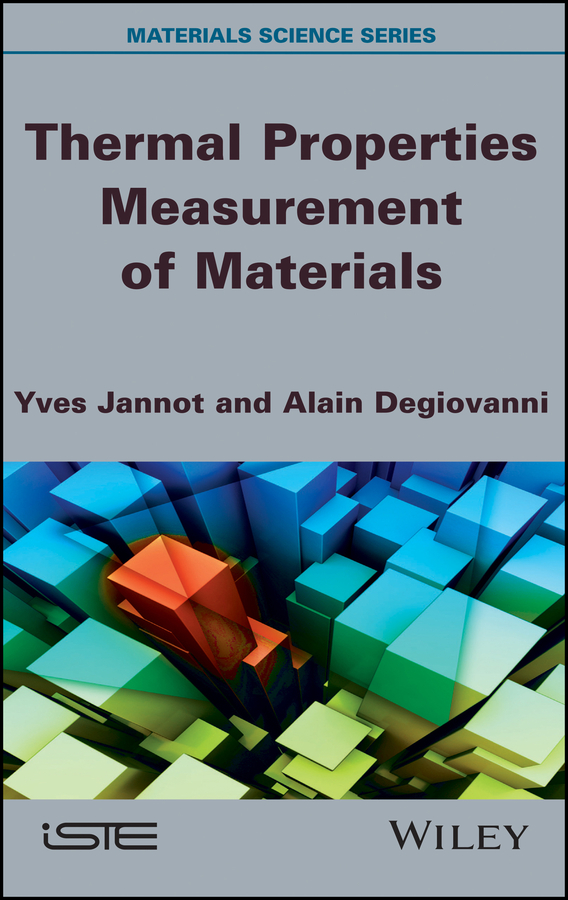
Thermal Properties Measurement of Materials This book presents the main methods used for thermal properties measurement. It aims to be accessible to all those, specialists in heat transfer or not, who need to measure the thermal properties of a material. The objective is to allow them to choose the measurement method the best adapted to the material to be characterized, and to pass on them all the theoretical and practical information allowing implementation with the maximum of precision. TECHNOLOGY & ENGINEERING,Materials Science,General
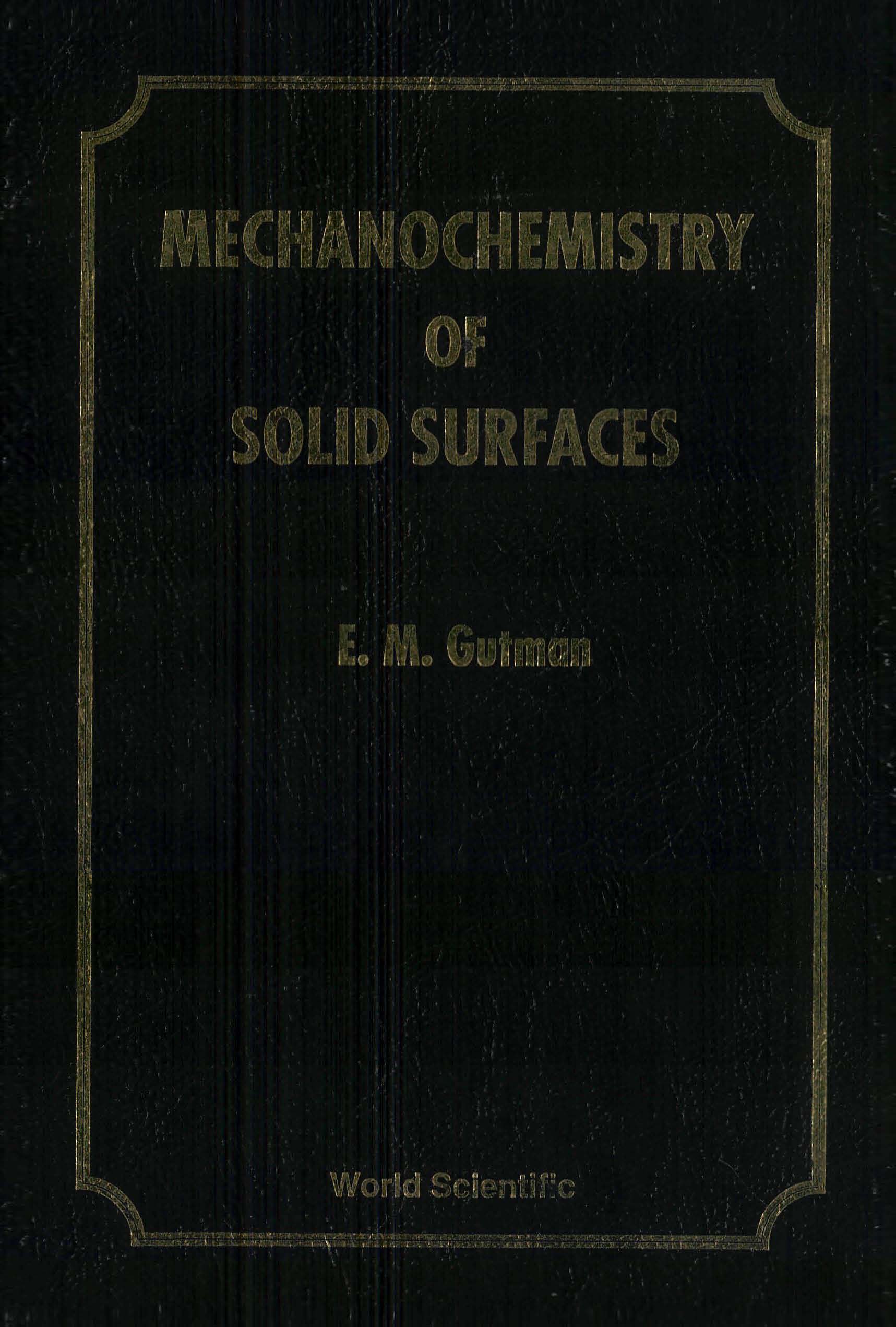
Mechanochemistry Of Solid Surfaces This book covers the fundamental relationships between solid surface chemical reactivity and the stressed state of surface layers; developed mainly by the author. Acceleration of chemical reactions by mechanical action (mechanochemical effect) and near-surface plasticity increase caused by chemical reactions (chemomechanical effect) acting simultaneously; open new possibilities for the control of a wide range of processes from corrosion to new materials engineering.This monograph is a unique work on this subject and will be essential reading for undergraduate and postgraduate students engaged in studying surface phenomena in materials science; chemistry and chemical engineering; as well as for scientists and engineers in the industries where these phenomena are important. TECHNOLOGY & ENGINEERING,Materials Science,General

Mechanical Design and Manufacture of Hydraulic Machinery This volume in the Hydraulic Machinery Book Series covers the most important types of hydraulic machinery: hydraulic turbines for transforming water power to mechanical output; and pumps for producing fluid pressure for many purposes. It describes the features of mechanical design of various types of turbines and pumps. The structure of a hydraulic machine is decided primarily to satisfy the need of fluid flow, so hydraulic characteristics of the machines are also stressed. Manufacturing processes of turbines and pumps and their requirements are referred to in chapters on mechanical construction. TECHNOLOGY & ENGINEERING,Materials Science,General

Bubbles Part of the new Ladybird Expert series, Bubbles is a clear, surprising and entertaining introduction to the science of bubbles. Bubbles are beautiful, ephemeral, fun, fragile, jolly and slightly unpredictable. We're all familiar with them, but we don't often ask what they actually are. The great scientists of the Western world - Robert Hooke, Isaac Newton, Lord Rayleigh and more - studied bubbles seriously. They recognised that they had a lot to say about the nature of the physical world, and they poked, prodded and listened to find out what it was. In the years since, we've learned that this bulbous arrangement of liquid and gas does things that neither the gas or the liquid could do by itself. Written by the celebrated physicist and oceanographer Helen Czerski, Bubbles explores how everything from the way drinks taste to the Earth's temperature are influenced by bubbles. This book has a message: never underestimate a bubble! Written by the leading lights and most outstanding communicators in their fields, the Ladybird Expert books provide clear, accessible and authoritative introductions to subjects drawn from science, history and culture. For an adult readership, the Ladybird Expert series is produced in the same iconic small hardback format pioneered by the original Ladybirds. Each beautifully illustrated book features the first new illustrations produced in the original Ladybird style for nearly forty years. TECHNOLOGY & ENGINEERING,Materials Science,General
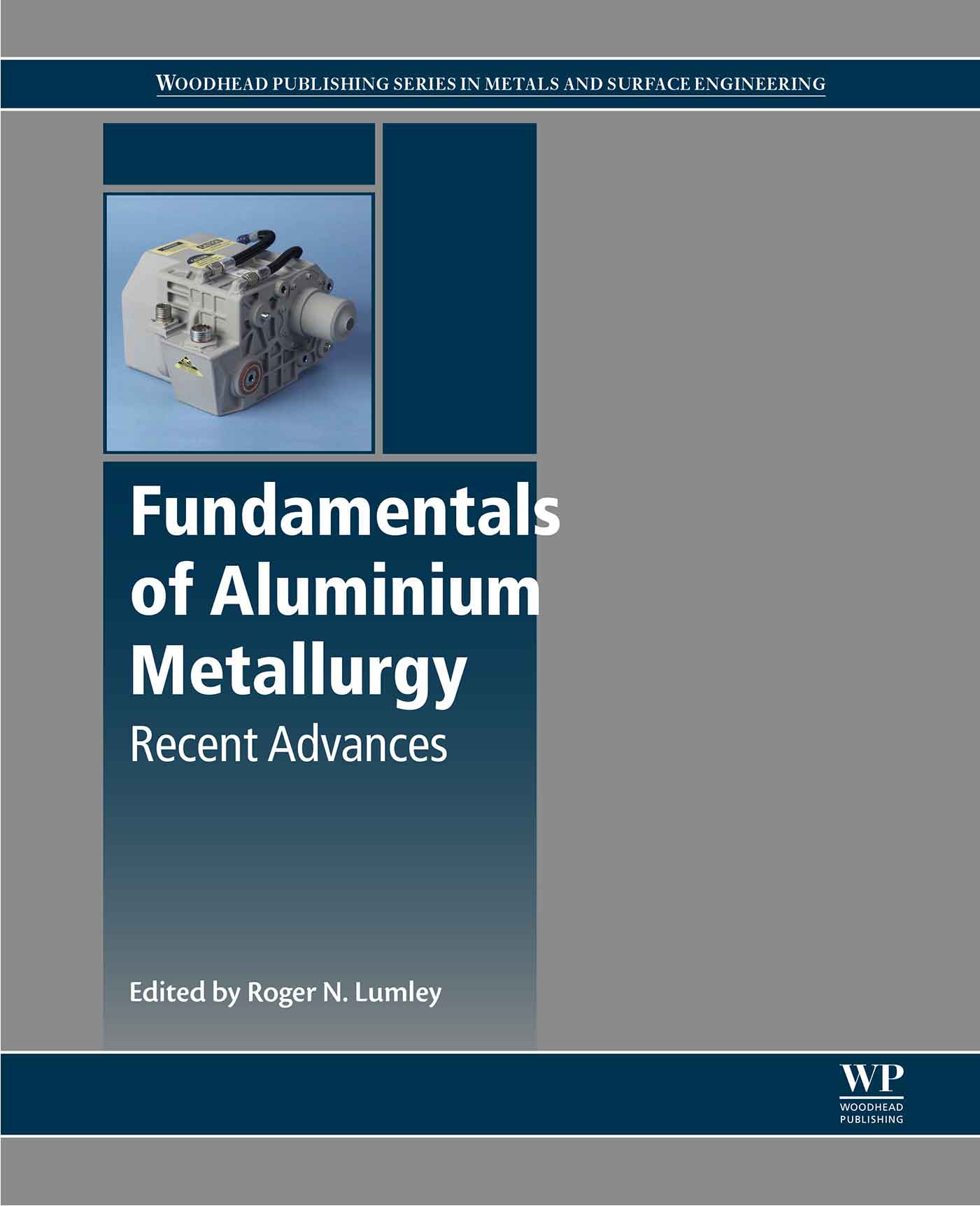
Fundamentals of Aluminium Metallurgy Fundamentals of Aluminium Metallurgy: Recent Advances updates the very successful book Fundamentals of Aluminium Metallurgy. As the technologies related to casting and forming of aluminum components are rapidly improving, with new technologies generating alternative manufacturing methods that improve competitiveness, this book is a timely resource. Sections provide an overview of recent research breakthroughs, methods and techniques of advanced manufacture, including additive manufacturing and 3D printing, a comprehensive discussion of the status of metalcasting technologies, including sand casting, permanent mold casting, pressure diecastings and investment casting, and recent information on advanced wrought alloy development, including automotive bodysheet materials, amorphous glassy materials, and more. Target readership for the book includes PhD students and academics, the casting industry, and those interested in new industrial opportunities and advanced products. Includes detailed and specific information on the processing of aluminum alloys, including additive manufacturing and advanced casting techniques Written for a broad ranging readership, from academics, to those in the industry who need to know about the latest techniques for working with aluminum Comprehensive, up-to-date coverage, with the most recent advances in the industry TECHNOLOGY & ENGINEERING,Materials Science,General

Materials Chemistry The 3rd edition of this successful textbook continues to build on the strengths that were recognized by a 2008 Textbook Excellence Award from the Text and Academic Authors Association (TAA). Materials Chemistry addresses inorganic-, organic-, and nano-based materials from a structure vs. property treatment, providing a suitable breadth and depth coverage of the rapidly evolving materials field — in a concise format. The 3rd edition offers significant updates throughout, with expanded sections on sustainability, energy storage, metal-organic frameworks, solid electrolytes, solvothermal/microwave syntheses, integrated circuits, and nanotoxicity. Most appropriate for Junior/Senior undergraduate students, as well as first-year graduate students in chemistry, physics, or engineering fields, Materials Chemistry may also serve as a valuable reference to industrial researchers. Each chapter concludes with a section that describes important materials applications, and an updated list of thought-provoking questions. TECHNOLOGY & ENGINEERING,Materials Science,General
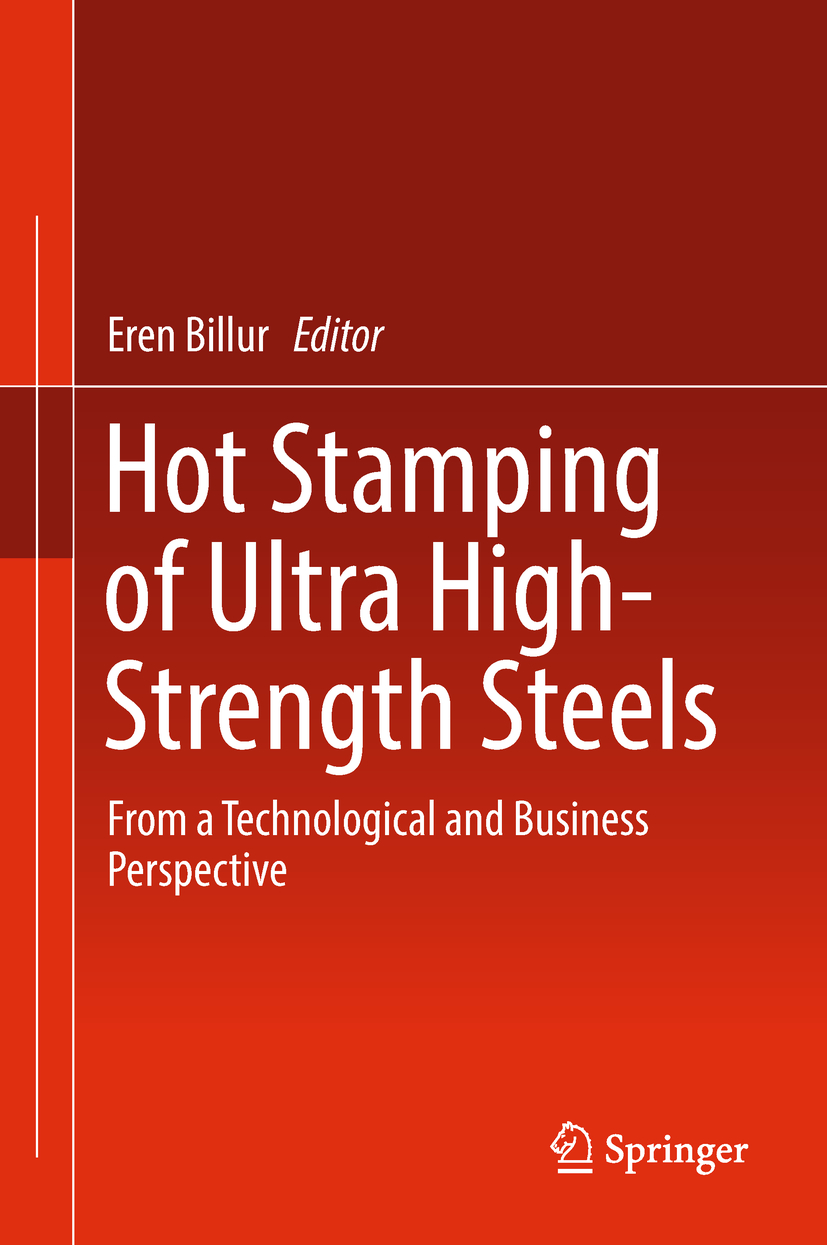
Hot Stamping of Ultra High-Strength Steels Providing a comprehensive overview of hot stamping (also known as ‘press hardening’), this book examines all essential aspects of this innovative metal forming method, and explores its various uses. It investigates hot stamping from both technological and business perspectives, and outlines potential future developments. Individual chapters explore topics such as the history of hot stamping, the state of the art, materials and processes employed, and how hot stamping is currently being used in the automotive industry to create ultra-high-strength steel components. Drawing on experience and expertise gathered from academia and industry worldwide, the book offers an accessible resource for a broad readership including students, researchers, vehicle manufacturers and metal forming companies. TECHNOLOGY & ENGINEERING,Materials Science,General
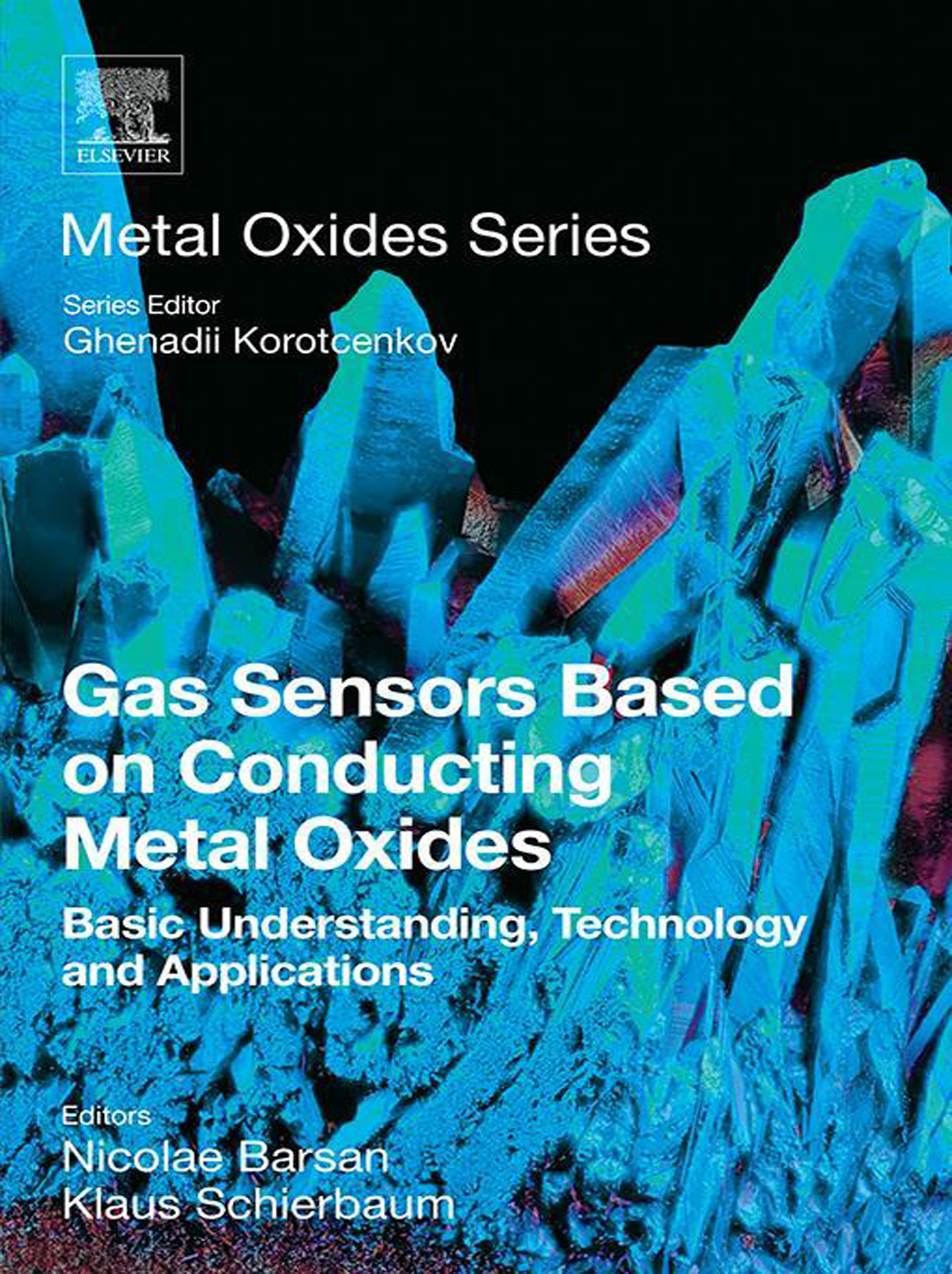
Gas Sensors Based on Conducting Metal Oxides Gas Sensors Based on Conducting Metal Oxides: Basic Understanding, Technology and Applications focuses on two distinct types of gas sensors based on conducting metal oxides. Ion conduction, applied in so-called solid-state electrolytic sensors for one, and electronic conduction used in semiconductivity gas sensors for the other. The well-known λ–probe, a key component to optimize combustion in car engines, is an example of the former type, and the in-cabin car air-quality control SnO2 and WO2 sensor array stands for the semiconductivity type. Chapters cover basic aspects of functioning principles and describe the technologies and challenges of present and future sensors. Provides reader background and context on sensors, principles, fabrication and applications Includes chapters on specific technological applications, such as exhaust sensors, environmental sensors, explosive gases alarms and more Presents a structured presentation that allows for quick reference of vital information TECHNOLOGY & ENGINEERING,Materials Science,General

The Impact and Prospects of Green Chemistry for Textile Technology The Impact and Prospects of Green Chemistry for Textile Technology provides a review and summary of the role of green chemistry in textiles, including the use of green agents and sustainable technologies in different textile applications. The book systematically covers the history and chemistry of eco-friendly colorants, chitin, chitosan, cyclodextrin, biomordants, antimicrobial, UV protective, flame retardant, insect repellant textiles, and advanced pre- and post- treatment technologies, such as the sonochemistry and plasma methods currently employed in functional modifications. The book also pays attention to the remediation of textile effluents using novel, sustainable and inexpensive adsorbents. Written by high profile contributors with many years of experience in textile technology, the book gives engineers and materials scientists in the textile industry the information they need to effectively deploy these green technologies and processes. Introduces green chemistry and sustainable technologies, and explores their role in different textile applications Examines the use of renewable materials, such as biopolymers, dyes and pigments, biomordants, polyphenols and plant extracts in functional finishing applications Deals the functional modification of textiles using state-of-the-art biotechnology and nanotechnology TECHNOLOGY & ENGINEERING,Materials Science,General
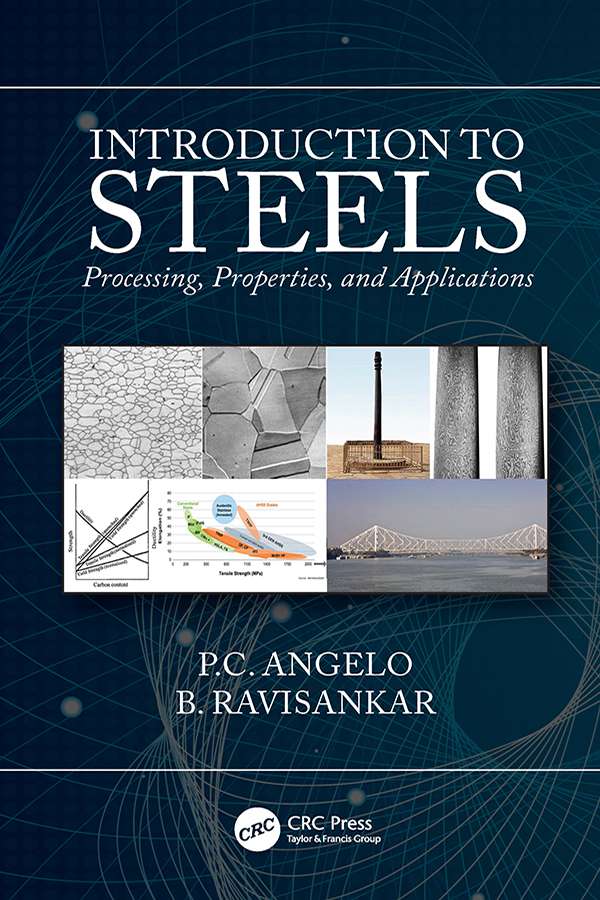
Introduction to Steels The book briefly describes the structure, properties and applications of various grades of steel, primarily aimed at non-metallurgical students from other engineering streams. The book consists of nine chapters covering most of the important types of steels and their physical metallurgy, microstructure and engineering applications including iron-carbon diagram, heat treatment, surface hardening methods, effect of alloying, specific applications, selection of materials, case studies and so forth. The book also contains subjective and objective questions aimed at exam preparation. Key Features Exclusive title aimed at introduction to steels for non-metallurgy audience Includes microstructure, composition, and properties of all the most commonly used steels Describes the heat treatments and the required alloying additions to process steel for the intended applications Discusses effects of alloying elements on steel Explores development of steels for specialized areas such as the automobile, aerospace, and nuclear industries TECHNOLOGY & ENGINEERING,Materials Science,General
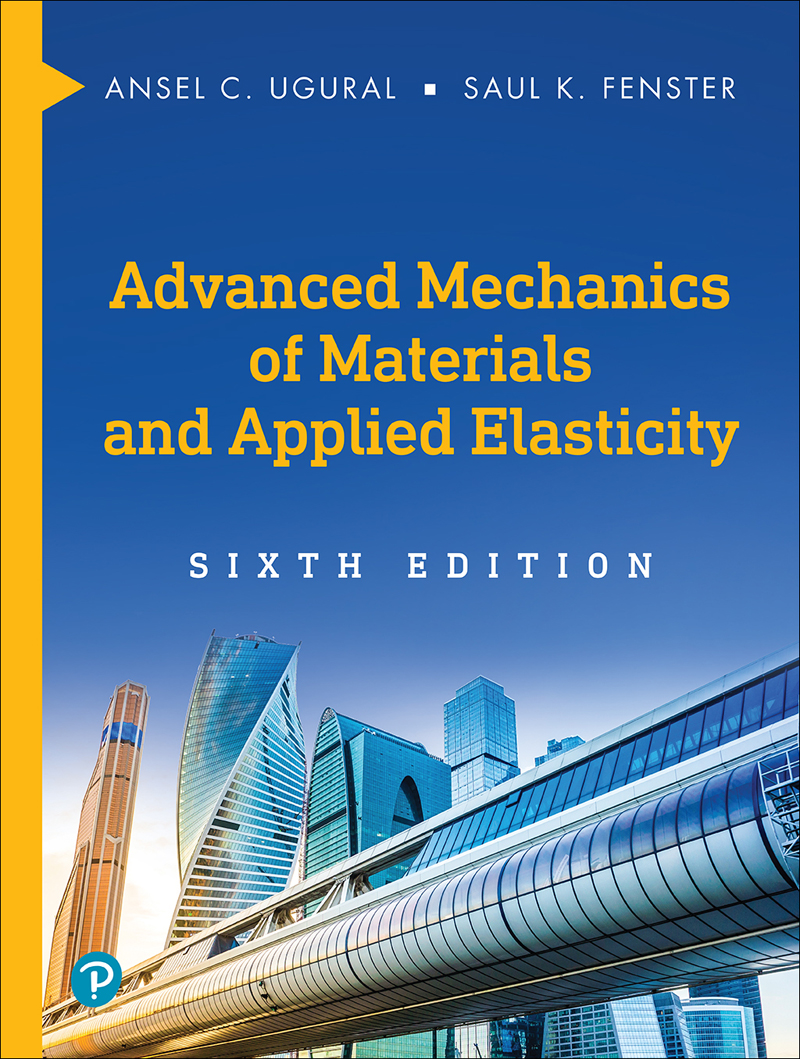
Advanced Mechanics of Materials and Applied Elasticity The Leading Practical Guide to Stress Analysis–Updated with State-of-the-Art Methods, Applications, and Problems This widely acclaimed exploration of real-world stress analysis reflects advanced methods and applications used in today’s mechanical, civil, marine, aeronautical engineering, and engineering mechanics/science environments. Practical and systematic, Advanced Mechanics of Materials and Applied Elasticity, Sixth Edition, has been updated with many new examples, figures, problems, MATLAB solutions, tables, and charts. The revised edition balances discussions of advanced solid mechanics, elasticity theory, classical analysis, and computer-oriented approaches that facilitate solutions when problems resist conventional analysis. It illustrates applications with case studies, worked examples, and problems drawn from modern applications, preparing readers for both advanced study and practice. Readers will find updated coverage of analysis and design principles, fatigue criteria, fracture mechanics, compound cylinders, rotating disks, 3-D Mohr’s circles, energy and variational methods, buckling of various columns, common shell types, inelastic materials behavior, and more. The text addresses the use of new materials in bridges, buildings, automobiles, submarines, ships, aircraft, and spacecraft. It offers significantly expanded coverage of stress concentration factors and contact stress developments. This book aims to help the reader Review fundamentals of statics, solids mechanics, stress, and modes of load transmission Master analysis and design principles through hands-on practice to illustrate their connections Understand plane stress, stress transformations, deformations, and strains Analyze a body’s load-carrying capacity based on strength, stiffness, and stability Learn and apply the theory of elasticity Explore failure criteria and material behavior under diverse conditions, and predict component deformation or buckling Solve problems related to beam bending, torsion of noncircular bars, and axisymmetrically loaded components, plates, or shells Use the numerical finite element method to economically solve complex problems Characterize the plastic behavior of materials Register your product for convenient access to downloads, updates, and/or corrections as they become available. See inside book for details. TECHNOLOGY & ENGINEERING,Materials Science,General
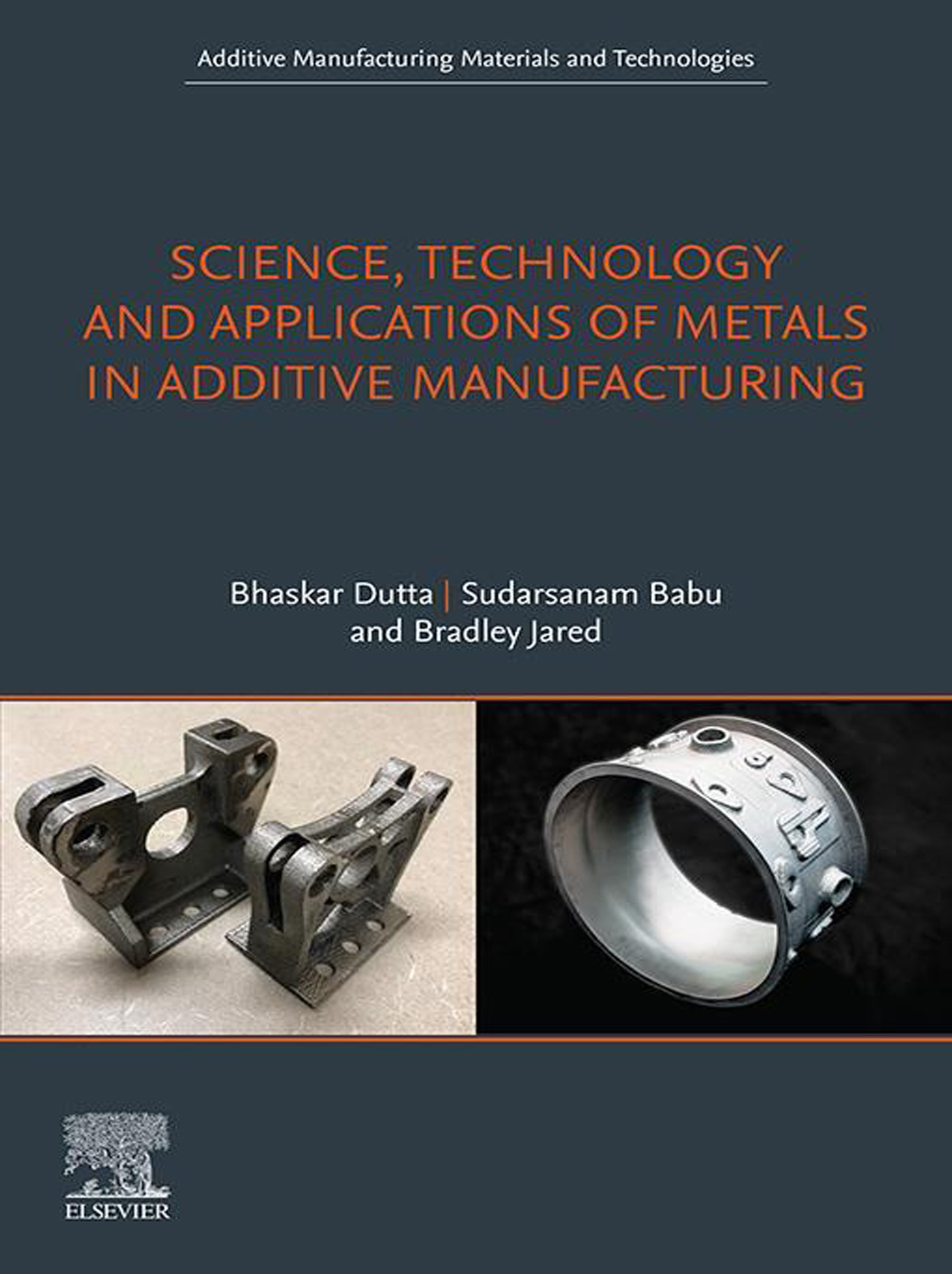
Science, Technology and Applications of Metals in Additive Manufacturing Science, Technology and Applications of Metal Additive Manufacturing provides a holistic picture of metal Additive Manufacturing (AM) that encompasses the science, technology and applications for the use of metal AM. Users will find design aspects, various metal AM technologies commercially available, a focus on merits and demerits, implications for qualification and certification, applications, cost modeling of AM, and future directions. This book serves as an educational guide, providing a holistic picture of metal AM that encompasses science, technology and applications for the real-life use of metal AM. Includes an overall understanding of metal additive manufacturing, Including steps involved (process flow) Discusses available commercial metal AM technologies and their relative strengths and weaknesses Reviews the process of qualification of AM parts, various applications, cost modeling, and the future directions of metal AM TECHNOLOGY & ENGINEERING,Materials Science,General

Transparent Ceramics A detailed account of various applications and uses of transparent ceramics and the future of the industry In Transparent Ceramics: Materials, Engineering, and Applications, readers will discover the necessary foundation for understanding transparent ceramics (TCs) and the technical and economic factors that determine the overall worth of TCs. This book provides readers with a thorough history of TCs, as well as a detailed account of the materials, engineering and applications of TC in its various forms; fabrication and characterization specifics are also described. With this book, researchers, engineers, and students find a definitive guide to past and present use cases, and a glimpse into the future of TC materials. The book covers a variety of TC topics, including: â— The methods employed for materials produced in a transparent state â— Detailed applications of TCs for use in lasers, IR domes, armor-windows, and various medical prosthetics â— A review of traditionally used transparent materials that highlights the benefits of TCs â— Theoretical science and engineering theories presented in correlation with learned data â— A look at past, present, and future use-cases of TCs This insightful guide to ceramics that can be fabricated into bulk transparent parts will serve as a must-read for professionals in the industry, as well as students looking to gain a more thorough understanding of the field. TECHNOLOGY & ENGINEERING,Materials Science,General
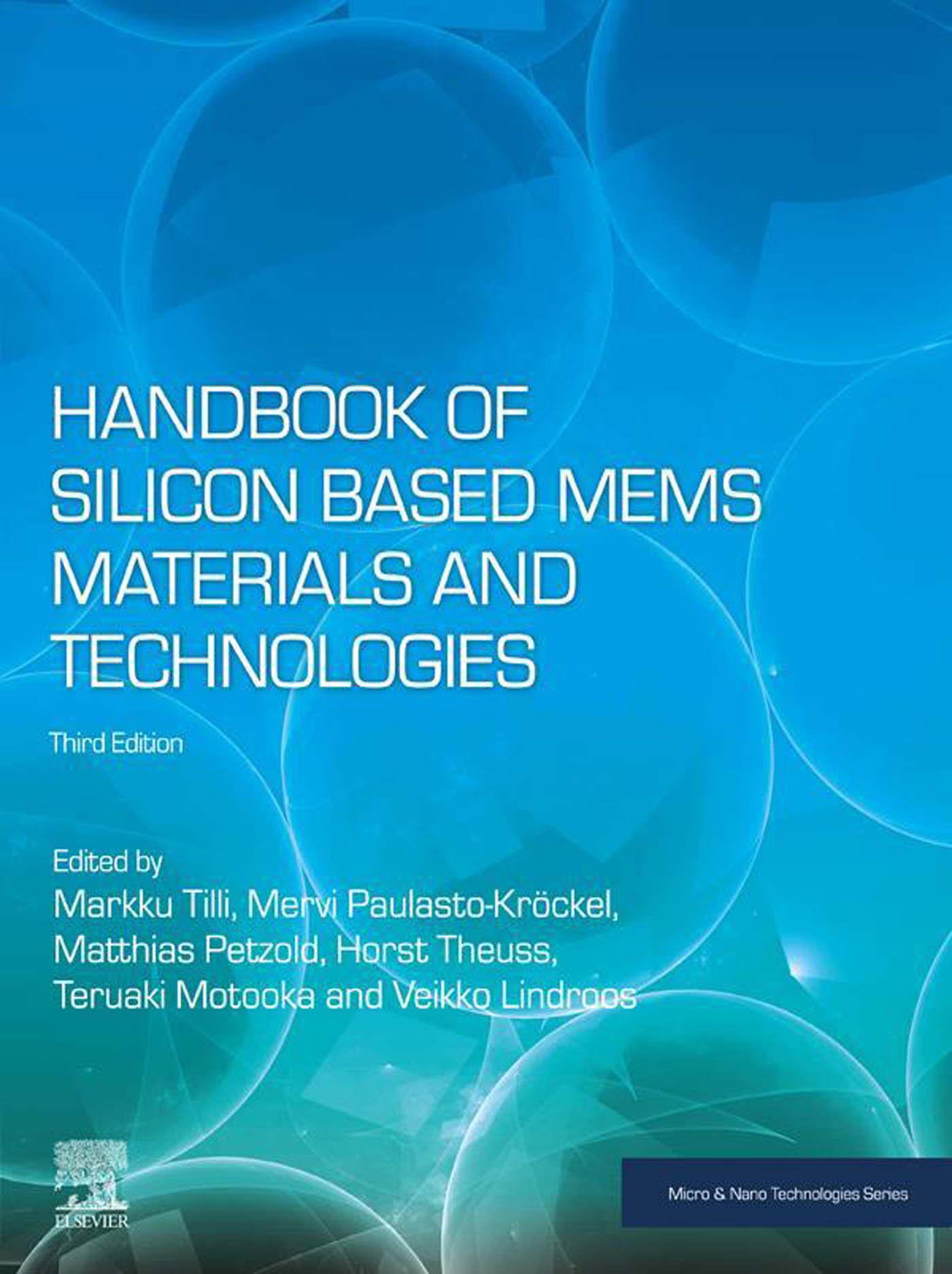
Handbook of Silicon Based MEMS Materials and Technologies Handbook of Silicon Based MEMS Materials and Technologies, Third Edition is a comprehensive guide to MEMS materials, technologies, and manufacturing with a particular emphasis on silicon as the most important starting material used in MEMS. The book explains the fundamentals, properties (mechanical, electrostatic, optical, etc.), materials selection, preparation, modeling, manufacturing, processing, system integration, measurement, and materials characterization techniques of MEMS structures. The third edition of this book provides an important up-to-date overview of the current and emerging technologies in MEMS making it a key reference for MEMS professionals, engineers, and researchers alike, and at the same time an essential education material for undergraduate and graduate students. Provides comprehensive overview of leading-edge MEMS manufacturing technologies through the supply chain from silicon ingot growth to device fabrication and integration with sensor/actuator controlling circuits Explains the properties, manufacturing, processing, measuring and modeling methods of MEMS structures Reviews the current and future options for hermetic encapsulation and introduces how to utilize wafer level packaging and 3D integration technologies for package cost reduction and performance improvements Geared towards practical applications presenting several modern MEMS devices including inertial sensors, microphones, pressure sensors and micromirrors TECHNOLOGY & ENGINEERING,Materials Science,General
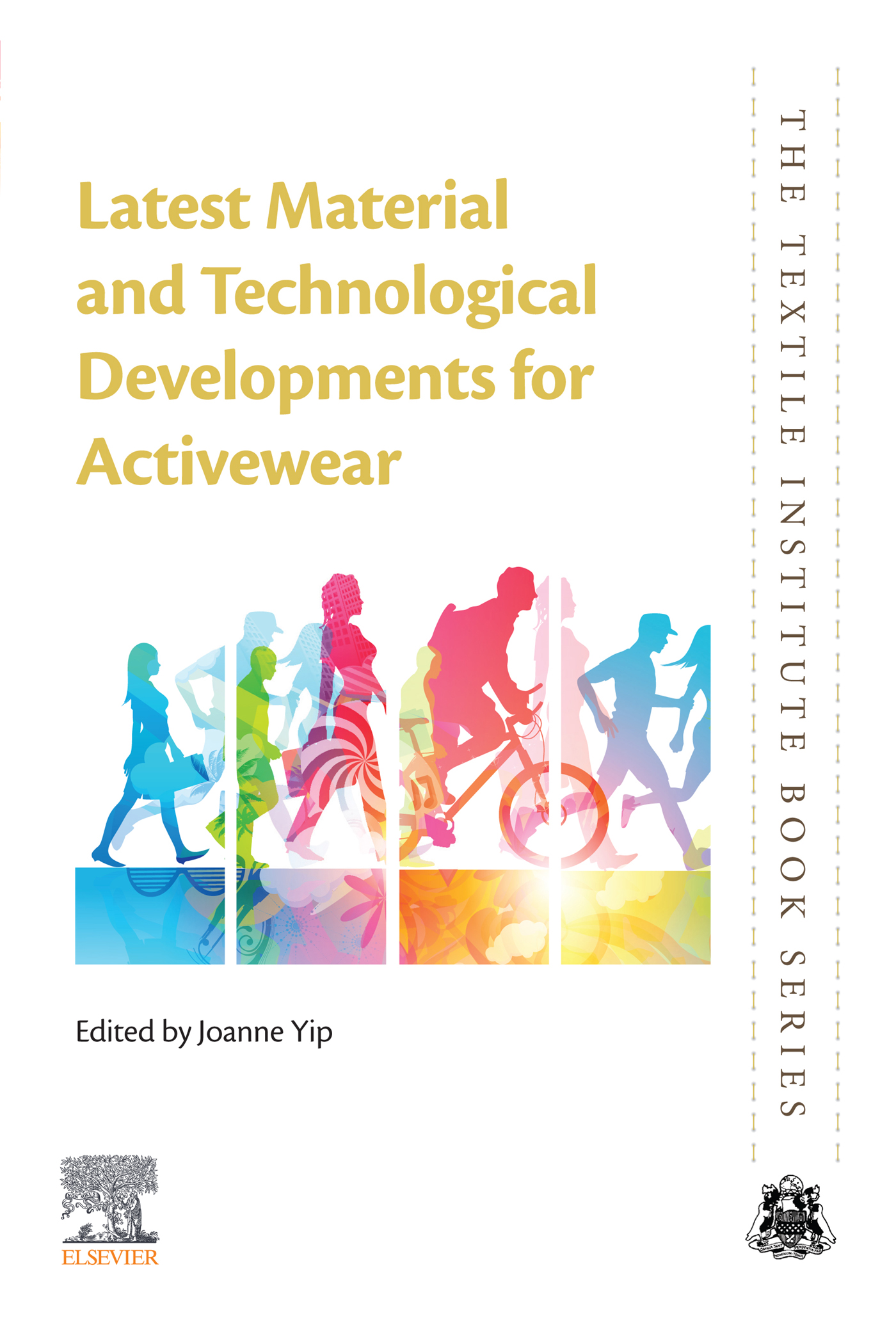
Latest Material and Technological Developments for Activewear Latest Material and Technological Developments for Activewear provides comprehensive coverage of academic research and industrial advances in this fast-moving field. As society becomes more health conscious, athleisure and sportswear have arrived as key fashion items in the global apparel market. In this book, designers and material scientists will find information on fibers and textiles, new processes, emerging technologies, and new applications that have helped to deliver this new wave of products. In addition to these technical details, the book covers consumer behavior, along with product design and manufacturing. Provides the detailed technical information needed to choose the correct material for demanding activewear products Identifies and analyzes emerging global trends in the activewear industry Covers the latest best practices that help designers create functional, comfortable and fashionable activewear Meets the requirements and standards of the apparel and fashion industry Explores emerging applications of wearable electronics and smart activewear TECHNOLOGY & ENGINEERING,Materials Science,General
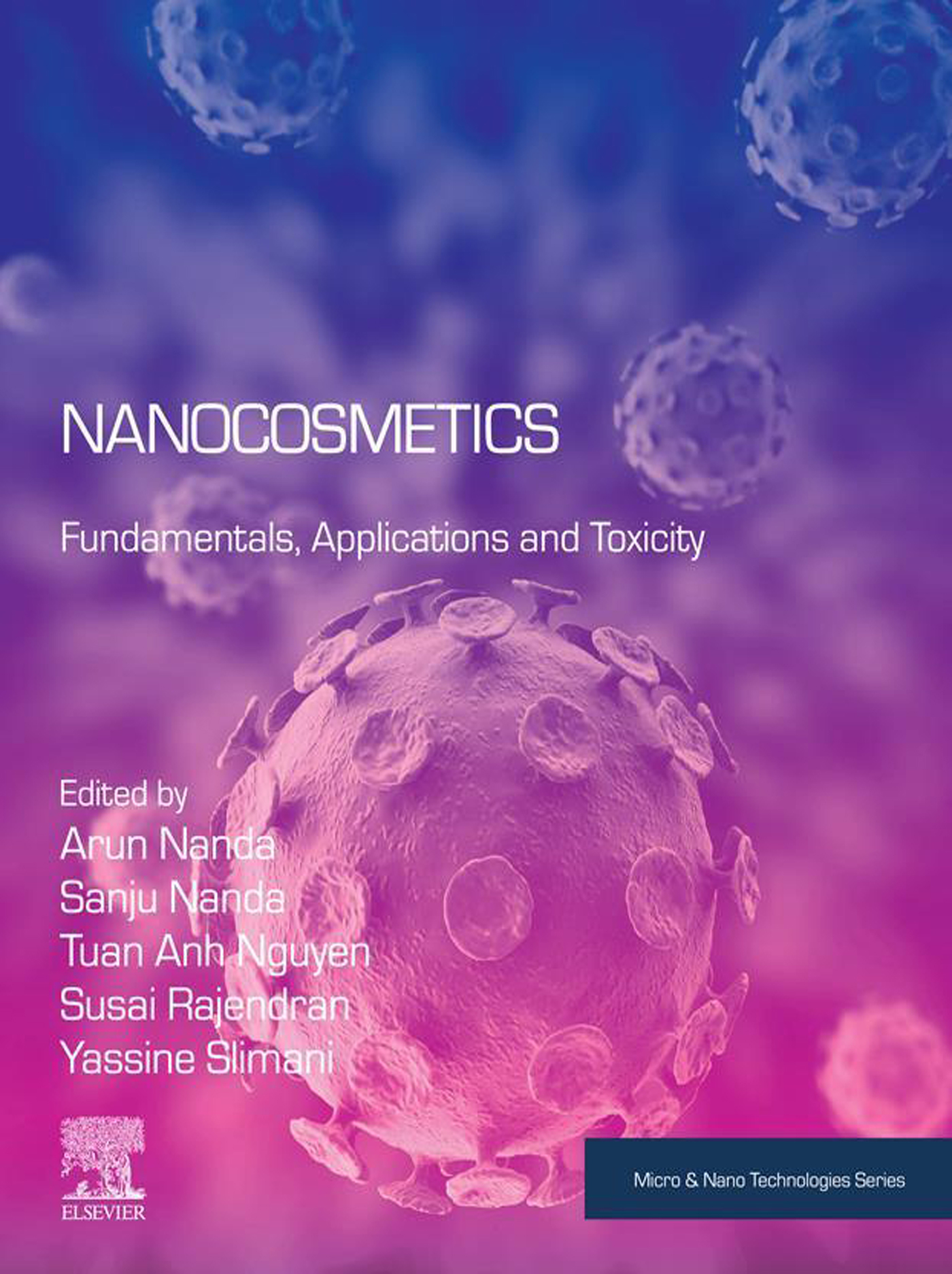
Nanocosmetics Nanotechnology is key to the design and manufacture of the new generation of cosmetics. Nanotechnology can enhance the performance and properties of cosmetics, including colour, transparency, solubility, texture, and durability. Sunscreen products, such as UV nano-filters, nano-TiO2 and nano-ZnO particles, can offer an advantage over their traditional counterparts due to their broad UV-protection and non-cutaneous side effects. For perfumes, nanoâ€droplets can be found in cosmetic products including Eau de Toilette and Eau de Parfum. Nanomaterials can also be used in cosmetics as transdermal drug delivery systems. By using smart nanocontainers, active compounds such as vitamins, antioxidants, nutrients, and anti-inflammatory, anti-infective agents, can be delivered effectively. These smart nanocontainers are typically related with the smart releasing property for their embedded active substances. These smart releases could be obtained by using the smart coatings as their outer nano-shells. These nano-shells could prevent the direct contact between these active agents and the adjacent local environments. Nanocosmetics: Fundamentals, Applications and Toxicity explores the formulation design concepts and emerging applications of nanocosmetics. The book also focuses on the mitigation or prevention of their potential nanotoxicity, potential global regulatory challenges, and the technical challenges of mass implementation. It is an important reference source for materials scientists and pharmaceutical scientists looking to further their understanding of how nanotechnology is being used for the new generation of cosmetics. Outlines the major fabrication and formulation design concepts of nanoscale products for cosmetic applications Explores how nanomaterials can safely be used for various applications in cosmetic products Assesses the major challenges of using nanomaterials for cosmetic applications on a large scale TECHNOLOGY & ENGINEERING,Materials Science,General
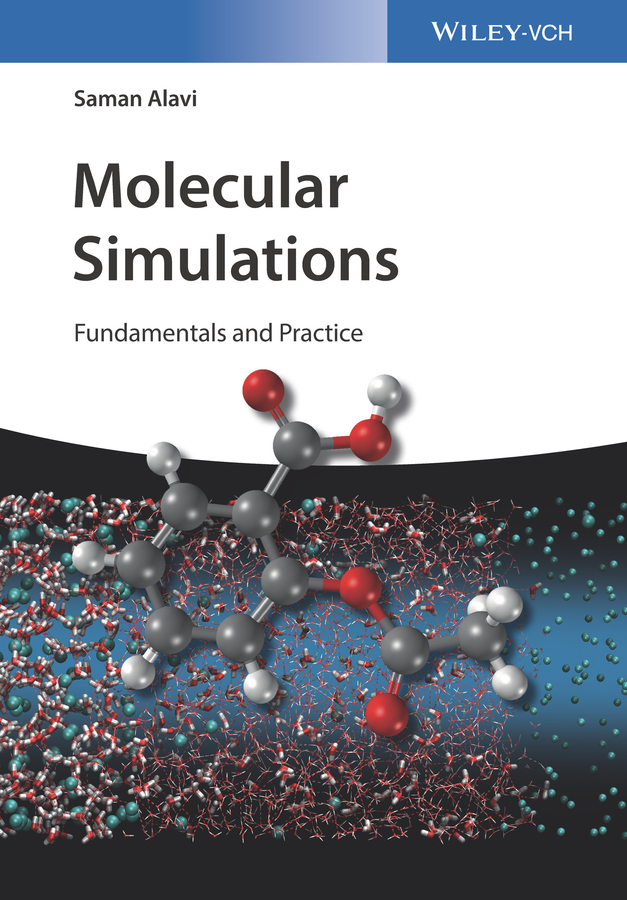
Molecular Simulations Provides hands-on knowledge enabling students of and researchers in chemistry, biology, and engineering to perform molecular simulations This book introduces the fundamentals of molecular simulations for a broad, practice-oriented audience and presents a thorough overview of the underlying concepts. It covers classical mechanics for many-molecule systems as well as force-field models in classical molecular dynamics; introduces probability concepts and statistical mechanics; and analyzes numerous simulation methods, techniques, and applications. Molecular Simulations: Fundamentals and Practice starts by covering Newton's equations, which form the basis of classical mechanics, then continues on to force-field methods for modelling potential energy surfaces. It gives an account of probability concepts before subsequently introducing readers to statistical and quantum mechanics. In addition to Monte-Carlo methods, which are based on random sampling, the core of the book covers molecular dynamics simulations in detail and shows how to derive critical physical parameters. It finishes by presenting advanced techniques, and gives invaluable advice on how to set up simulations for a diverse range of applications. -Addresses the current need of students of and researchers in chemistry, biology, and engineering to understand and perform their own molecular simulations -Covers the nitty-gritty ? from Newton's equations and classical mechanics over force-field methods, potential energy surfaces, and probability concepts to statistical and quantum mechanics -Introduces physical, chemical, and mathematical background knowledge in direct relation with simulation practice -Highlights deterministic approaches and random sampling (eg: molecular dynamics versus Monte-Carlo methods) -Contains advanced techniques and practical advice for setting up different simulations to prepare readers entering this exciting field Molecular Simulations: Fundamentals and Practice is an excellent book benefitting chemist, biologists, engineers as well as materials scientists and those involved in biotechnology. TECHNOLOGY & ENGINEERING,Materials Science,General
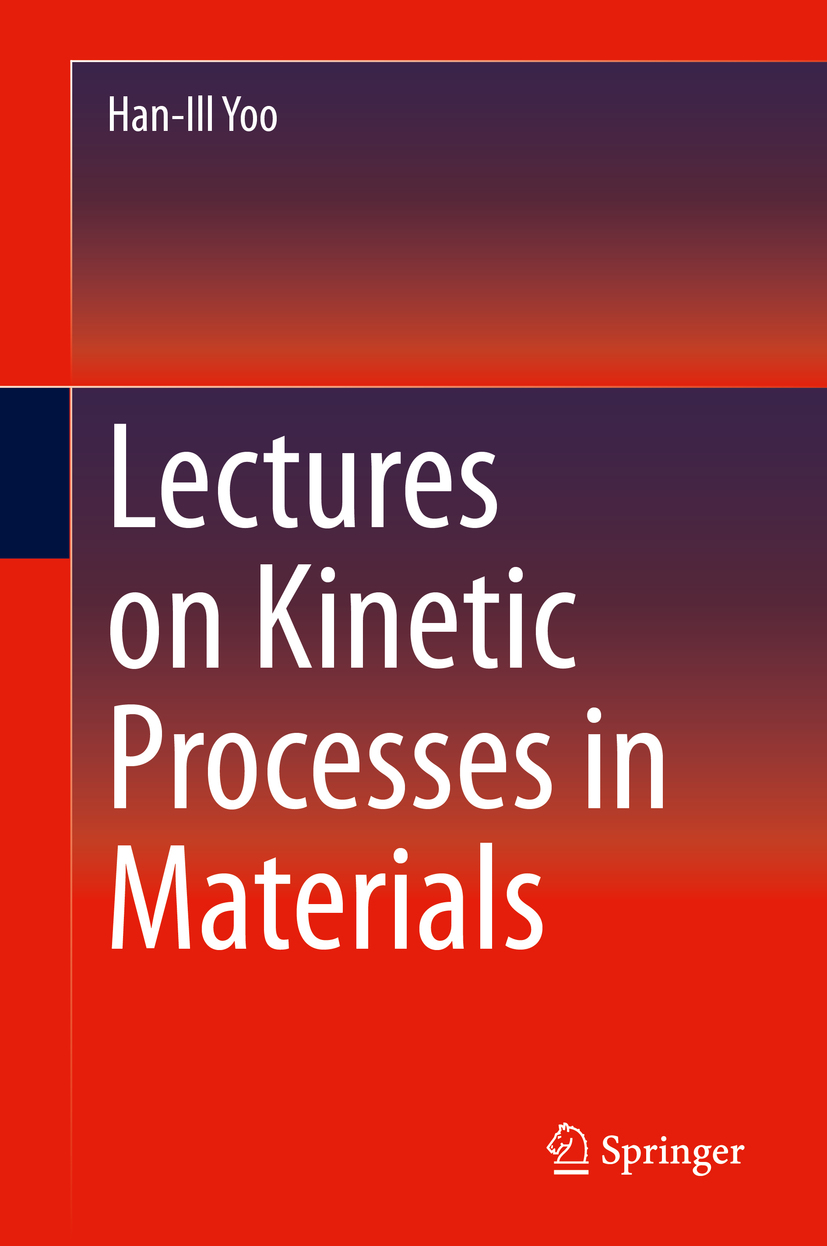
Lectures on Kinetic Processes in Materials This book provides beginning graduate or senior-level undergraduate students in materials disciplines with a primer of the fundamental and quantitative ideas on kinetic processes in solid materials. Kinetics is concerned with the rate of change of the state of existence of a material system under thermodynamic driving forces. Kinetic processes in materials typically involve chemical reactions and solid state diffusion in parallel or in tandem. Thus, mathematics of diffusion in continuum is first dealt with in some depth, followed by the atomic theory of diffusion and a brief review of chemical reaction kinetics. Chemical diffusion in metals and ionic solids, diffusion-controlled kinetics of phase transformations, and kinetics of gas-solid reactions are examined. Through this course of learning, a student will become able to predict quantitatively how fast a kinetic process takes place, to understand the inner workings of the process, and to design the optimal process of material state change. Provides students with the tools to predict quantitatively how fast a kinetic process takes place and solve other diffusion related problems; Learns fundamental and quantitative ideas on kinetic processes in solid materials; Examines chemical diffusion in metals and ionic solids, diffusion-controlled kinetics of phase transformations, and kinetics of gas-solid reactions, among others; Contains end-of chapter exercise problems to help reinforce students' grasp of the concepts presented within each chapter. TECHNOLOGY & ENGINEERING,Materials Science,General
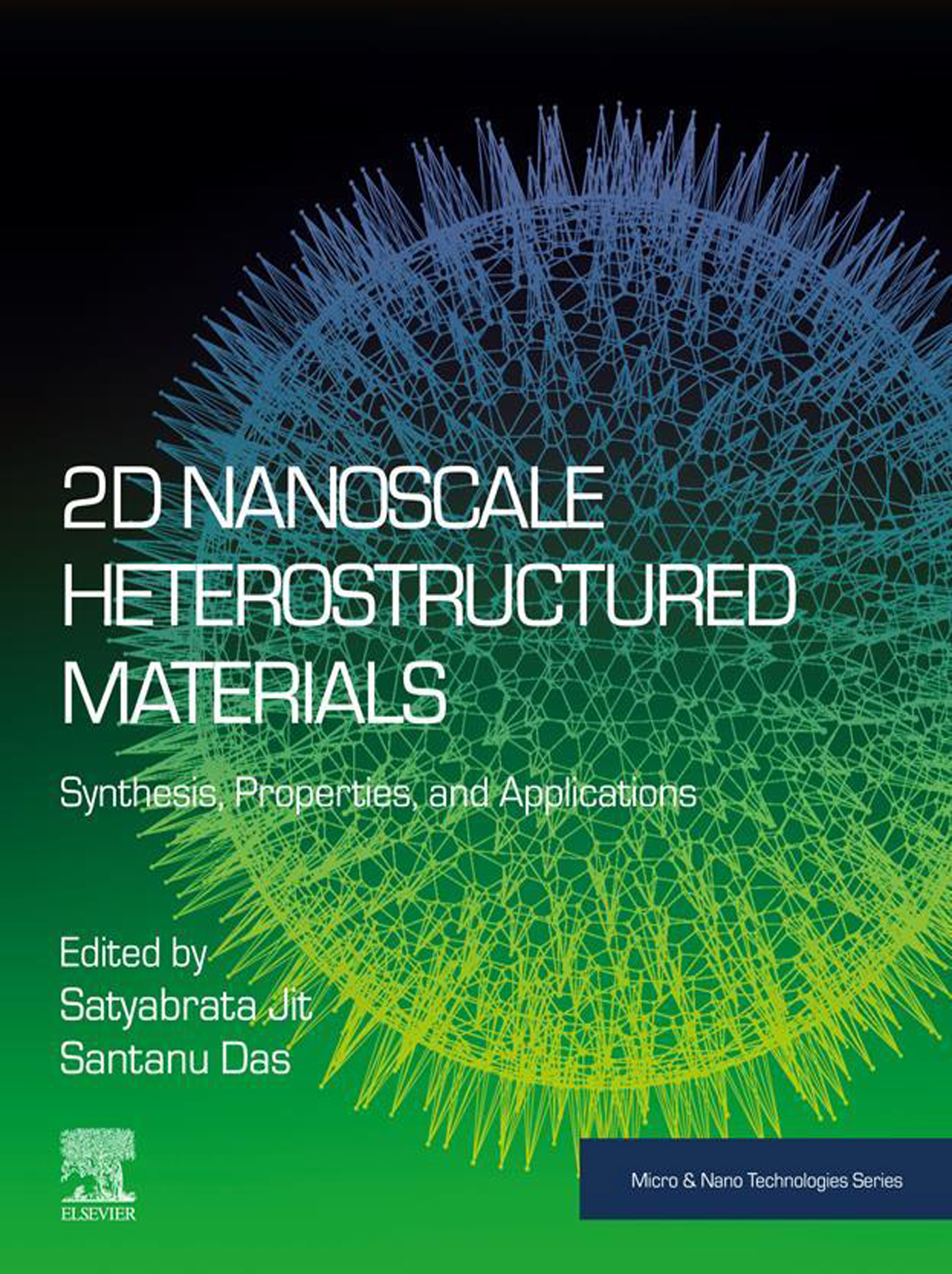
2D Nanoscale Heterostructured Materials 2D Nanoscale Heterostructured Materials: Synthesis, Properties, and Applications assesses the current status and future prospects for 2D materials other than graphene (e.g., BN nanosheets, MoS2, NbSe2, WS2, etc.) that have already been contemplated for both low-end and high-end technological applications. The book offers an overview of the different synthesis techniques for 2D materials and their heterostructures, with a detailed explanation of the many potential future applications. It provides an informed overview and fundamentals properties related to the 2D Transition metal dichalcogenide materials and their heterostructures. The book helps researchers to understand the progress of this field and points the way to future research in this area. Explores synthesis techniques of newly evolved 2D materials and their heterostructures with controlled properties Offers detailed analysis of the fundamental properties (via various experimental process and simulations techniques) of 2D heterostructures materials Discusses the applications of 2D heterostructured materials in various high-performance devices TECHNOLOGY & ENGINEERING,Materials Science,General
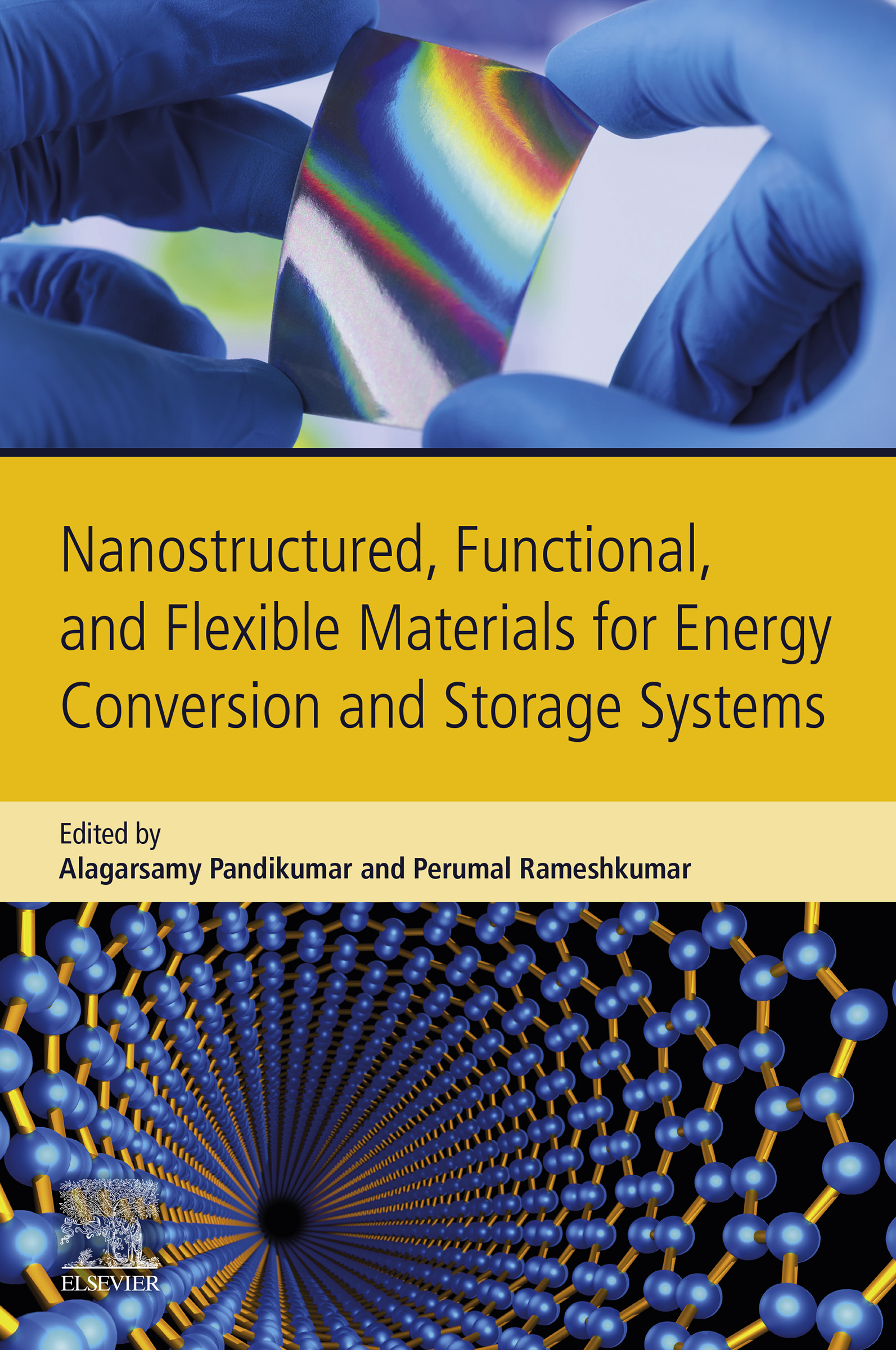
Nanostructured, Functional, and Flexible Materials for Energy Conversion and Storage Systems Nanostructured, Functional, and Flexible Materials for Energy Conversion and Storage Systems gathers and reviews developments within the field of nanostructured functional materials towards energy conversion and storage. Contributions from leading research groups involved in interdisciplinary research in the fields of chemistry, physics and materials science and engineering are presented. Chapters dealing with the development of nanostructured materials for energy conversion processes, including oxygen reduction, methanol oxidation, oxygen evolution, hydrogen evolution, formic acid oxidation and solar cells are discussed. The work concludes with a look at the application of nanostructured functional materials in energy storage system, such as supercapacitors and batteries. With its distinguished international team of expert contributors, this book will be an indispensable tool for anyone involved in the field of energy conversion and storage, including materials engineers, scientists and academics. Covers the importance of energy conversion and storage systems and the application of nanostructured functional materials toward energy-relevant catalytic processes Discusses the basic principles involved in energy conversion and storage systems Presents the role of nanostructured functional materials in the current scenario of energy-related research and development TECHNOLOGY & ENGINEERING,Materials Science,General
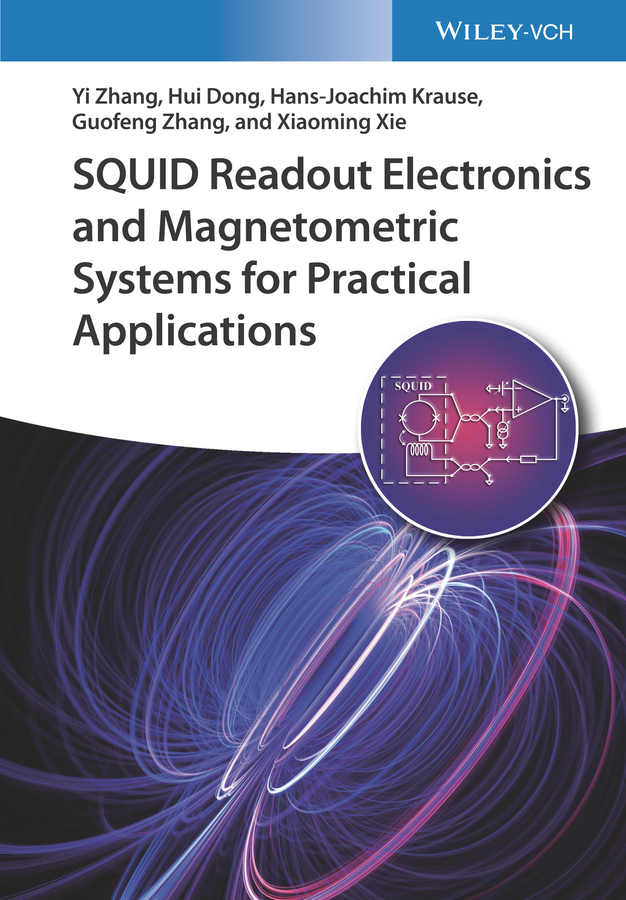
SQUID Readout Electronics and Magnetometric Systems for Practical Applications Hands-on guide for scientists and engineers on how to use SQUID technology This practical book covers SQUID (superconducting quantum interference device) readout electronics and magnetometric systems. It illustrates their many practical applications in measuring extremely subtle magnetic fields and shows how the technique is developing into an enabling technology for many applications, such as biomagnetic imaging and geophysical prospecting. Clear and comprehensive, the book builds a bridge for scientists and engineers to fill in potential know-how gaps for all who work on SQUID systems and their practical applications. It helps make key words like readout electronics, flux quantization, Josephson effects, and noise contributions completely understandable to all who design and use simple and robust SQUID systems. Beginning with an introduction to the subject, SQUID Readout Electronics and Magnetometric Systems for Practical Applications offers in-depth chapter coverage of: Josephson junctions; dc SQUID’s I-V characteristics and its bias modes; functions of the SQUID's readout electronics; direct readout scheme (DRS); SQUID magnetometry system and SQUID parameters; flux modulation scheme (FMS); and flux feedback concepts and parallel feedback circuit. Other sections examine: analyses of the "series feedback coil (circuit)" (SFC); weakly damped SQUID; two-stage and double relaxation oscillation readout schemes; and radio-frequency (rf) SQUID. · Provides a unique view of how simplicity and robustness are crucial for practical SQUID systems in applications · Focuses on the readout electronics of SQUID systems, particularly the advantages and disadvantages of the various systems · Helps materials scientists, physicists, and engineers overcome various major know-how barriers in order to understand the important challenges and to design practical SQUID systems · Largely documents the joint achievements accomplished in the cooperation between SIMIT and FZJ in the field of superconducting electronics SQUID Readout Electronics and Magnetometric Systems for Practical Applications is an excellent book for all materials scientists, electrical engineers, and physicists who can benefit from SQUID systems and their applications. It will also be of great benefit to analytical laboratories in industry, manufacturers of laboratory equipment, and systems engineers. TECHNOLOGY & ENGINEERING,Materials Science,General
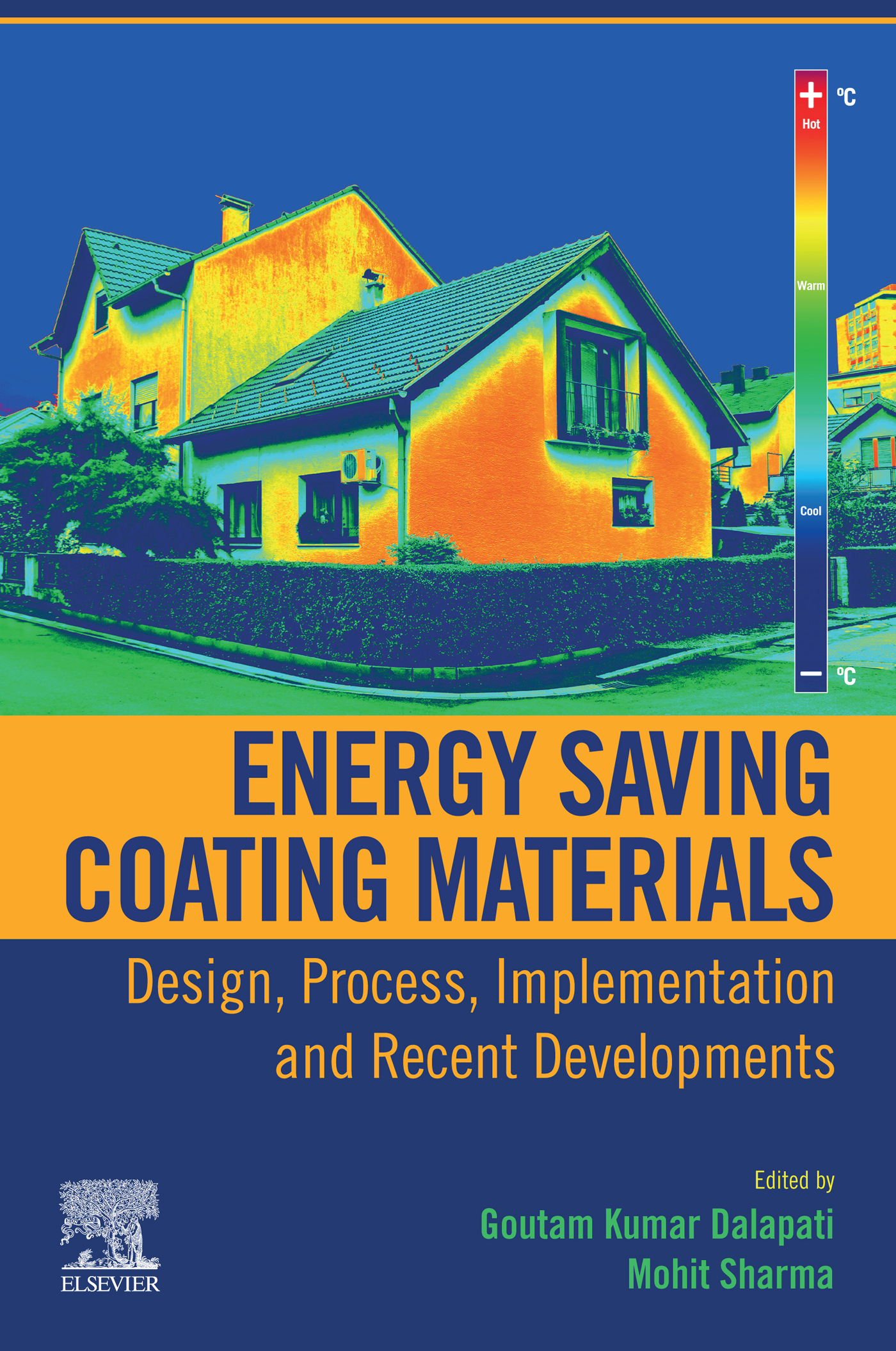
Energy Saving Coating Materials Energy Saving Coating Materials: Design, Process, Implementation and Developments provides comprehensive information regarding recent materials advancements and design aspects and integration for infra-red radiation regulators, along with future developments of zero emission buildings. The key opportunities and challenges for the usage of existing heat regulation materials and their implementation for commercial aspects are explored. The fundamental interaction between electromagnetic waves and materials are discussed, along with materials synthesis, design and integration of coatings for smart window applications. This book presents recent developments of innovative technologies comprising energy saving materials and coatings which are key considerations for achieving vital energy saving milestones. Provides knowledge-based information on the optical properties of materials and their utility for solar energy harvesting and energy saving applications Discusses innovative coatings for smart windows applications, including the progressive development of radiative cooling and cool paint Previews future developments for the synthesis, design and integration of heat regulative materials TECHNOLOGY & ENGINEERING,Materials Science,General

Structural Characterisation of Natural and Industrial Porous Materials This book focuses on structural characterisation techniques for porous materials. Covering a range of techniques, including gas sorption, mercury porosimetry, thermoporometry, NMR and imaging methods, this practical guide presents the basic theory behind each characterisation technique, and discusses the practicalities of the experimental and data analysis approaches needed for complex industrial samples. The book shows readers how to approach characterising a particular sort of material for the first time and then how to develop a strategy for more in-depth analysis. It also demonstrates how to determine the best techniques for solving particular problems, and describes methods of obtaining the required information, as well as the limitations of various methods. It particularly highlights a scientific approach involving parameter validation and simple acquisition.Featuring examples taken from case studies of real-world industrial materials, this book is intended for industrial practitioners and researchers. It provides a manual of potential techniques and answers questions concerning porous materials that arise in areas such as the catalyst industry, the oil and gas sector, batteries, fuel cells, tissue engineering scaffolds and drug delivery devices. TECHNOLOGY & ENGINEERING,Materials Science,General

Bismuth-Ferrite-Based Electrochemical Supercapacitors This book provides a much-needed, up-to-date overview of unary, binary and ternary bismuth-ferrite-based systems, with a focus on their properties, synthesis methods and applications as electrochemical supercapacitors. It introduces readers to the basic structure and properties of ferrites in general, focusing on the selection criteria for ferrite materials for electrochemical energy storage applications. Along with coverage of ferrite synthesis methods, it discusses bismuth-ferrite structures in unary, binary and mixed ferrite nanostructure systems, as well as future perspectives and limitations for using ferrites as electrochemical supercapacitors. A valuable resource for beginners and advanced researchers working on similar topics, this book enables them to understand the core materials and electrochemical concepts behind bismuth-ferrite-based systems as energy storage materials. TECHNOLOGY & ENGINEERING,Materials Science,General
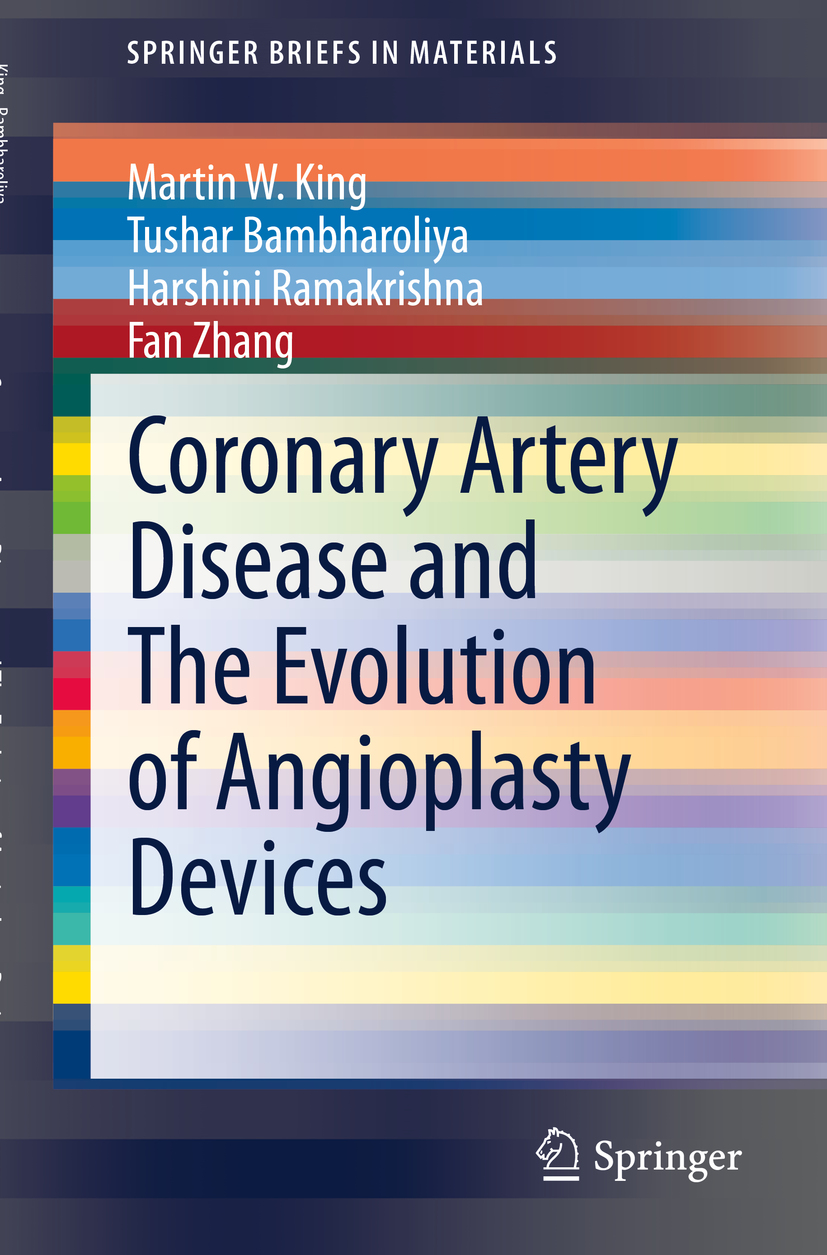
Coronary Artery Disease and The Evolution of Angioplasty Devices In this concise but authoritative book, the authors take the reader through the epidemiology, risk factors and the basic mechanism of coronary artery disease. In addition, they explain how coronary microvascular dysfunction can lead to angina, even after successful angioplasty following a heart attack. The methods for diagnosis and the options for treatment are explained, ending with a discussion of the evolution of coronary angioplasty from balloon catheters to novel, fully resorbable polymeric drug eluting stents. Enclosed is a list of currently available commercial devices, as well as a listing of experimental products under research and development, so that readers can appreciate the serious nature of this disease and have an understanding of how the medical device sector is attempting to address this major healthcare problem. Globally in 2010, ischemic heart disease was the cause of 13.3% of all deaths. In the US alone, the direct medical costs from coronary artery disease and stroke are currently estimated to be $126 billion per year, and are expected to rise to $309 billion by 2035. TECHNOLOGY & ENGINEERING,Materials Science,General
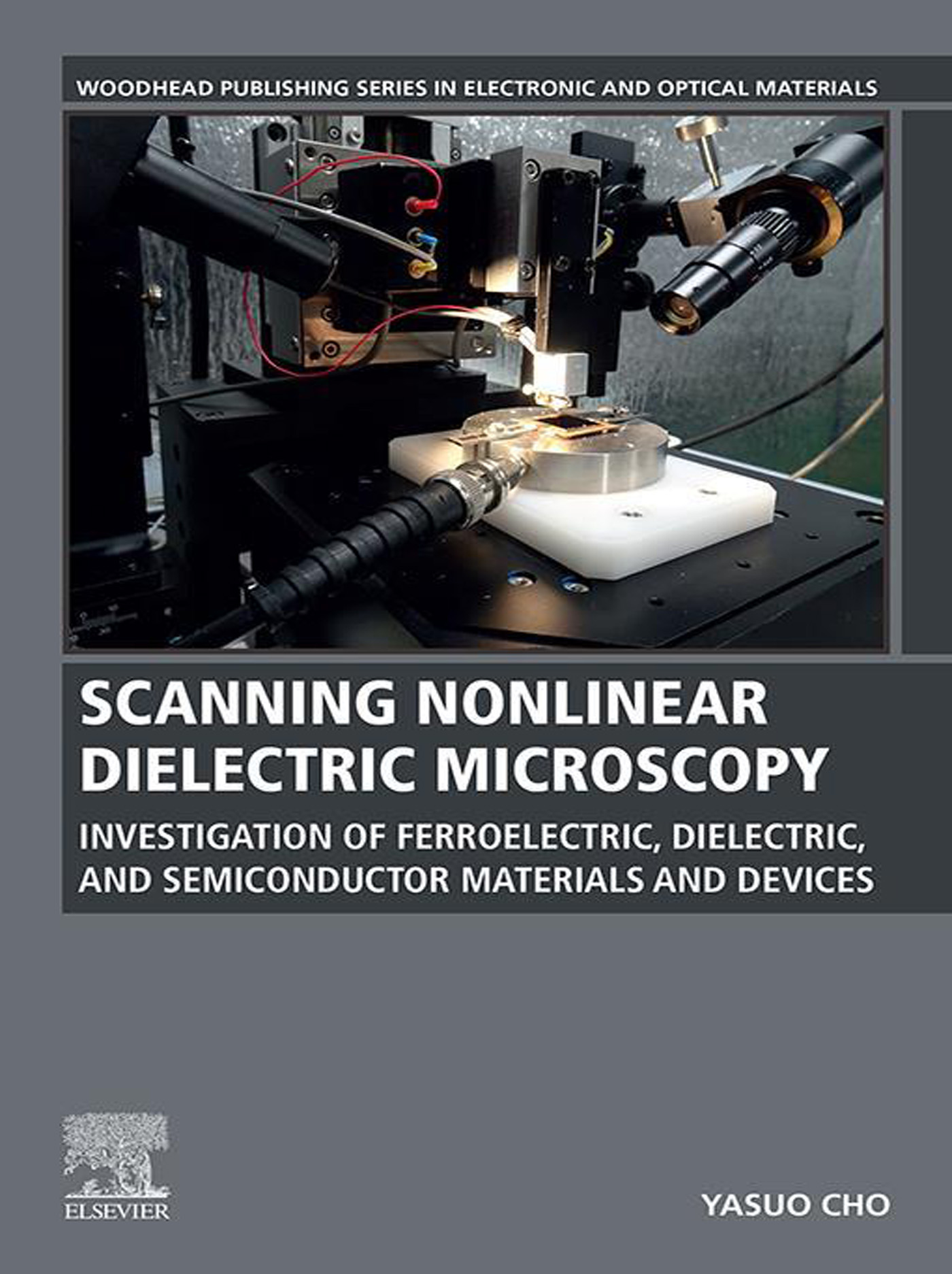
Scanning Nonlinear Dielectric Microscopy Scanning Nonlinear Dielectric Microscopy: Investigation of Ferroelectric, Dielectric, and Semiconductor Materials and Devices is the definitive reference on an important tool to characterize ferroelectric, dielectric and semiconductor materials. Written by the inventor, the book reviews the methods for applying the technique to key materials applications, including the measurement of ferroelectric materials at the atomic scale and the visualization and measurement of semiconductor materials and devices at a high level of sensitivity. Finally, the book reviews new insights this technique has given to material and device physics in ferroelectric and semiconductor materials. The book is appropriate for those involved in the development of ferroelectric, dielectric and semiconductor materials devices in academia and industry. Presents an in-depth look at the SNDM materials characterization technique by its inventor Reviews key materials applications, such as measurement of ferroelectric materials at the nanoscale and measurement of semiconductor materials and devices Analyzes key insights on semiconductor materials and device physics derived from the SNDM technique TECHNOLOGY & ENGINEERING,Materials Science,General
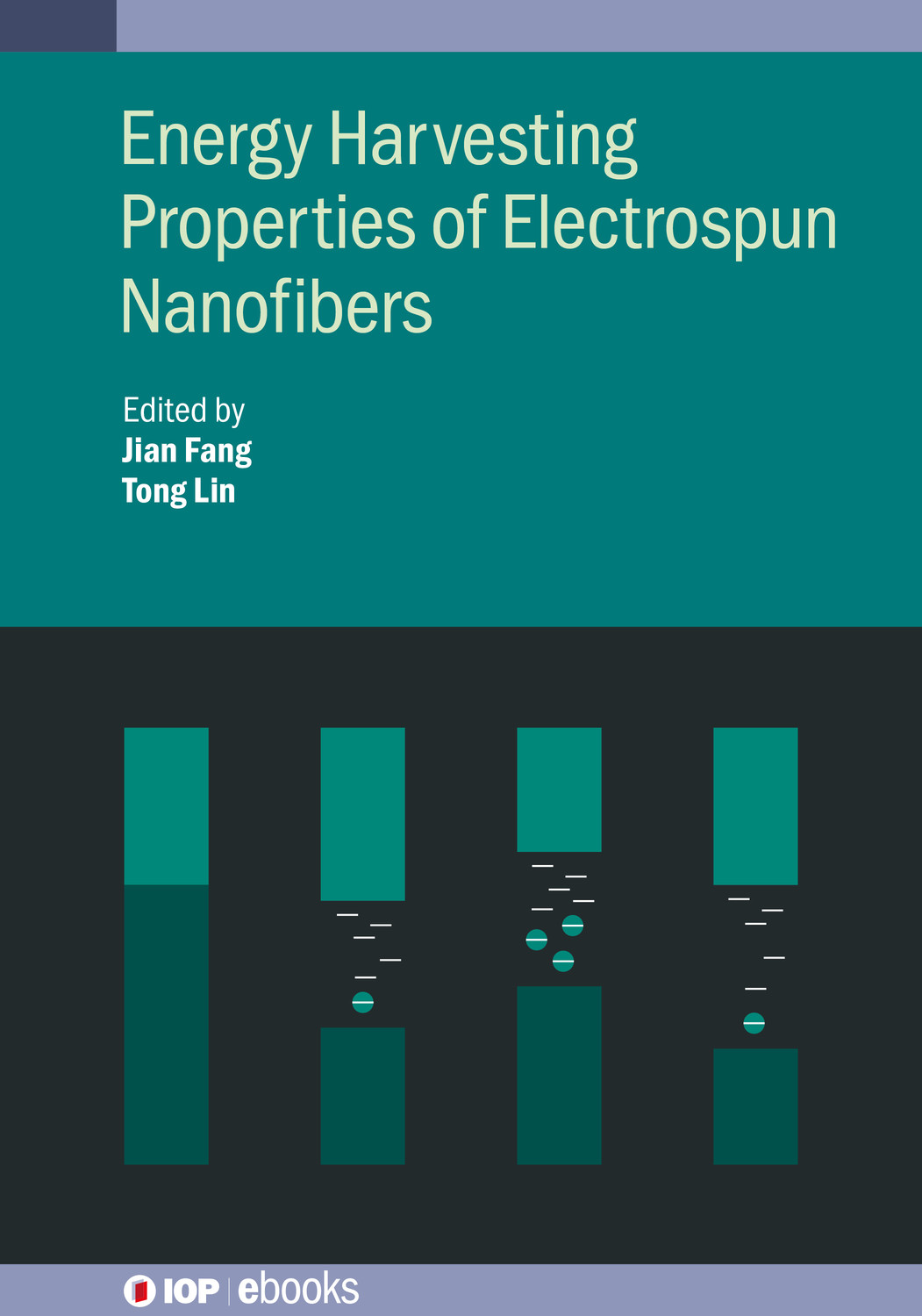
Energy Harvesting Properties of Electrospun Nanofibers A key reference for graduate students, researchers and scientists in the fields of energy harvesting, sensors or nanofibers, this book provides a state-of-the-art review of the applications of electrospun nanofibers for piezoelectric and triboelectric energy harvesting. It comprises eight chapters and covers the basis of electrospinning, nanofibers, piezoelectricity, triboelectricity and the emerging research on the use of nanofibers in energy harvesting devices. TECHNOLOGY & ENGINEERING,Materials Science,General
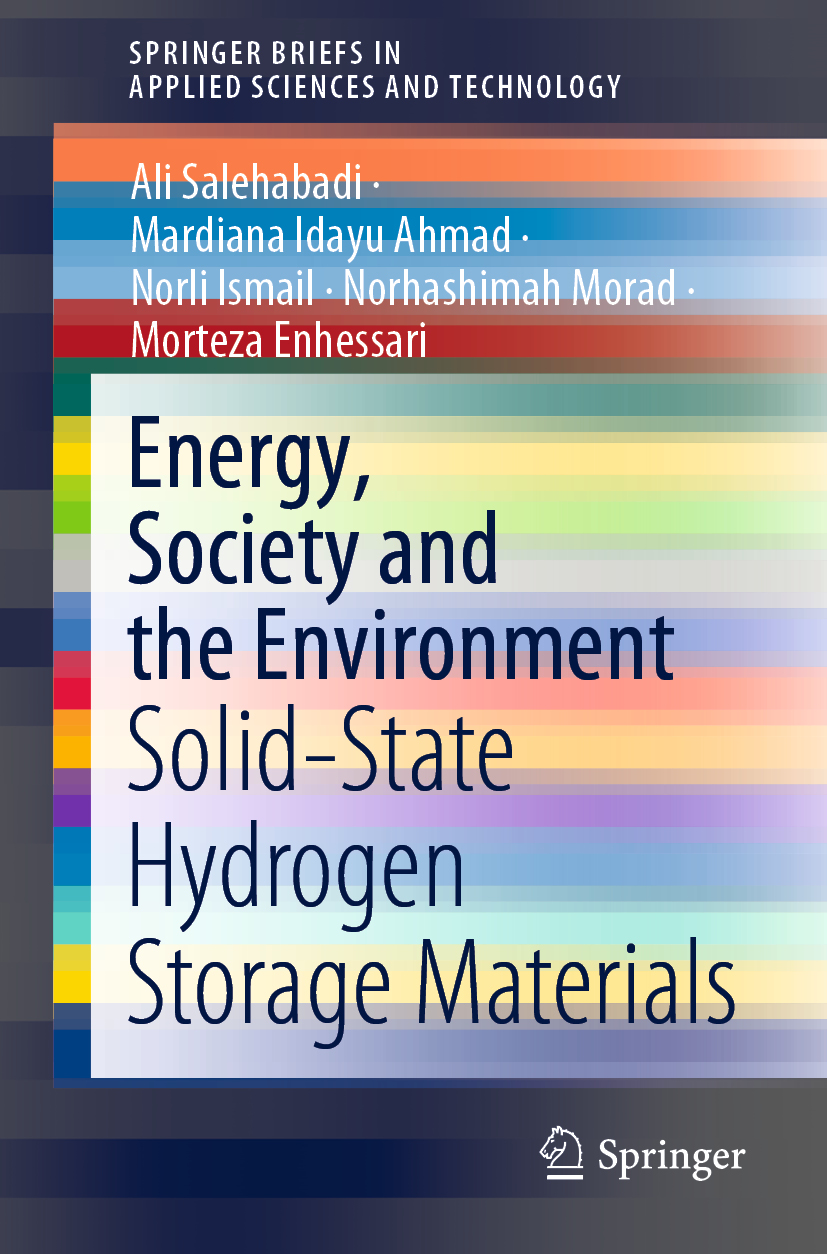
Energy, Society and the Environment This book provides a comprehensive and contemporary overview of advances in energy and energy storage technologies. Although the coverage is varied and diverse, the book also addresses unifying patterns and trends in order to enrich readers’ understanding of energy and energy storage systems, particularly hydrogen energy storage, including e.g. their morphology, porosity and material structure. Readers will also gain insights into the hydrogen storage performance landscape, based on data released by the US Department of Energy (DOE), providing a basis for understanding real-world applications. The book also discusses the superior hydrogen storage performance of solid-state materials and explores the physical and chemical properties that can potentially affect their performance. TECHNOLOGY & ENGINEERING,Materials Science,General

Advances in Materials Science and Engineering This book presents the select proceedings of the International Conference on Functional Material, Manufacturing and Performances (ICFMMP) 2019. The book provides the state-of-the-art research, development, and commercial prospective of recent advances in materials science and engineering. The contents cover various synthesis and fabrication routes of functional and smart materials for applications in mechanical engineering, manufacturing, metrology, nanotechnology, physics, chemical and biological sciences, civil engineering, food science among others. It also provides the evolutionary behavior of materials science for industrial applications. This book will be a useful resource for researchers as well as professionals interested in the highly interdisciplinary field of materials science. TECHNOLOGY & ENGINEERING,Materials Science,General
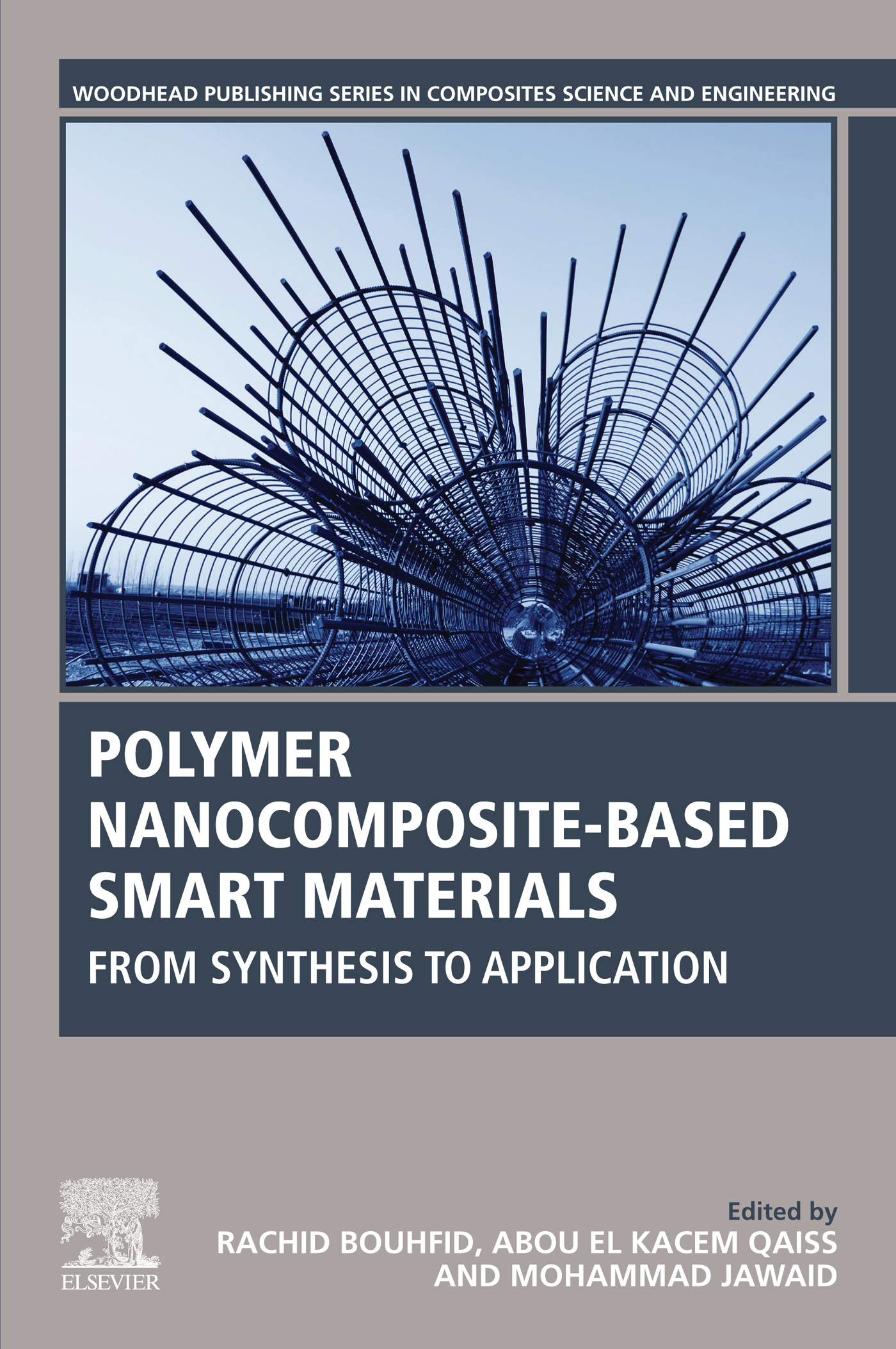
Polymer Nanocomposite-Based Smart Materials Polymer Nanocomposite-Based Smart Materials: From Synthesis to Application provides a broad, comprehensive review on all major categories of smart materials and their preparation routes. The main application fields and properties for these diverse types of smart polymer-based composite and nanocomposite materials are also discussed. Chapters on modeling methods and simulation look at the physical or chemical change response that is introduced by the effect of changing environmental conditions such as pH, temperature, mechanical force and light. Written by scholars and experts from around the globe, the book covers key aspects, such as synthesis, processing and applications of polymer and nanocomposite-based smart materials. Features a board range of different polymer nanocomposites-based smart materials Contains coverage of synthesis applications as well as experimental, modeling and theoretical results Includes comprehensive coverage on preparation and testing methods TECHNOLOGY & ENGINEERING,Materials Science,General

Additive Manufacturing Processes This book provides a single-source reference to additive manufacturing, accessible to anyone with a basic background in engineering and materials science. Unlike other books on additive manufacturing that include coverages of things such as machine architecture, applications, business and present market conditions, this book focuses on providing comprehensive coverage of currently available additive manufacturing processes. All processes are explained with the help of various, original diagrams, useful for beginners and advanced researchers alike. Provides comprehensive coverages of all current processes available in additive manufacturing; Explains processes with the help of various original diagrams; Explains future process development at the last chapter, providing research outlook; Includes extensive references at the end of each chapter for further reading of original research. TECHNOLOGY & ENGINEERING,Materials Science,General
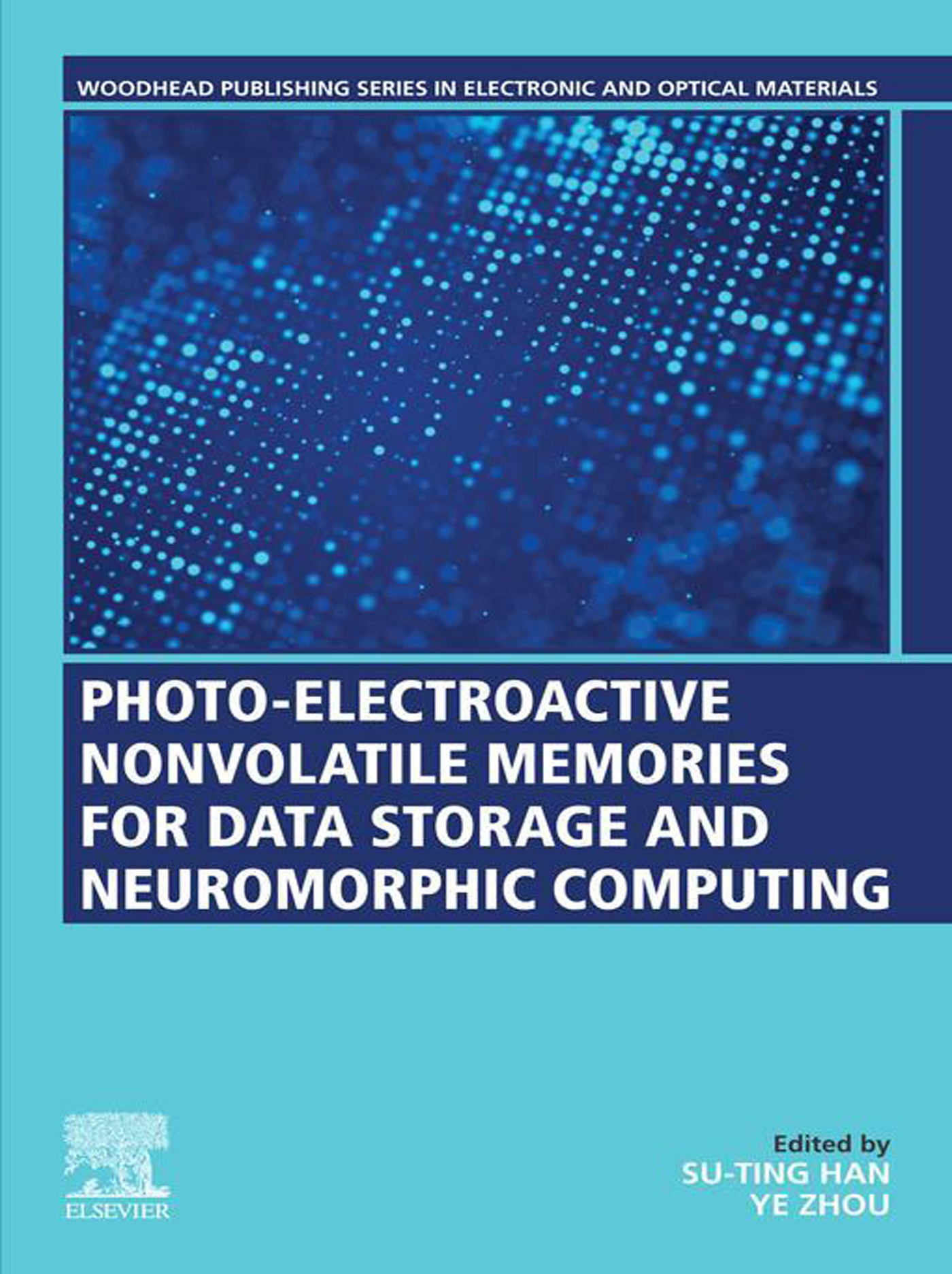
Photo-Electroactive Non-Volatile Memories for Data Storage and Neuromorphic Computing Photo-Electroactive Non-Volatile Memories for Data Storage and Neuromorphic Computing summarizes advances in the development of photo-electroactive memories and neuromorphic computing systems, suggests possible solutions to the challenges of device design, and evaluates the prospects for commercial applications. Sections covers developments in electro-photoactive memory, and photonic neuromorphic and in-memory computing, including discussions on design concepts, operation principles and basic storage mechanism of optoelectronic memory devices, potential materials from organic molecules, semiconductor quantum dots to two-dimensional materials with desirable electrical and optical properties, device challenges, and possible strategies. This comprehensive, accessible and up-to-date book will be of particular interest to graduate students and researchers in solid-state electronics. It is an invaluable systematic introduction to the memory characteristics, operation principles and storage mechanisms of the latest reported electro-photoactive memory devices. Reviews the most promising materials to enable emerging computing memory and data storage devices, including one- and two-dimensional materials, metal oxides, semiconductors, organic materials, and more Discusses fundamental mechanisms and design strategies for two- and three-terminal device structures Addresses device challenges and strategies to enable translation of optical and optoelectronic technologies TECHNOLOGY & ENGINEERING,Materials Science,General
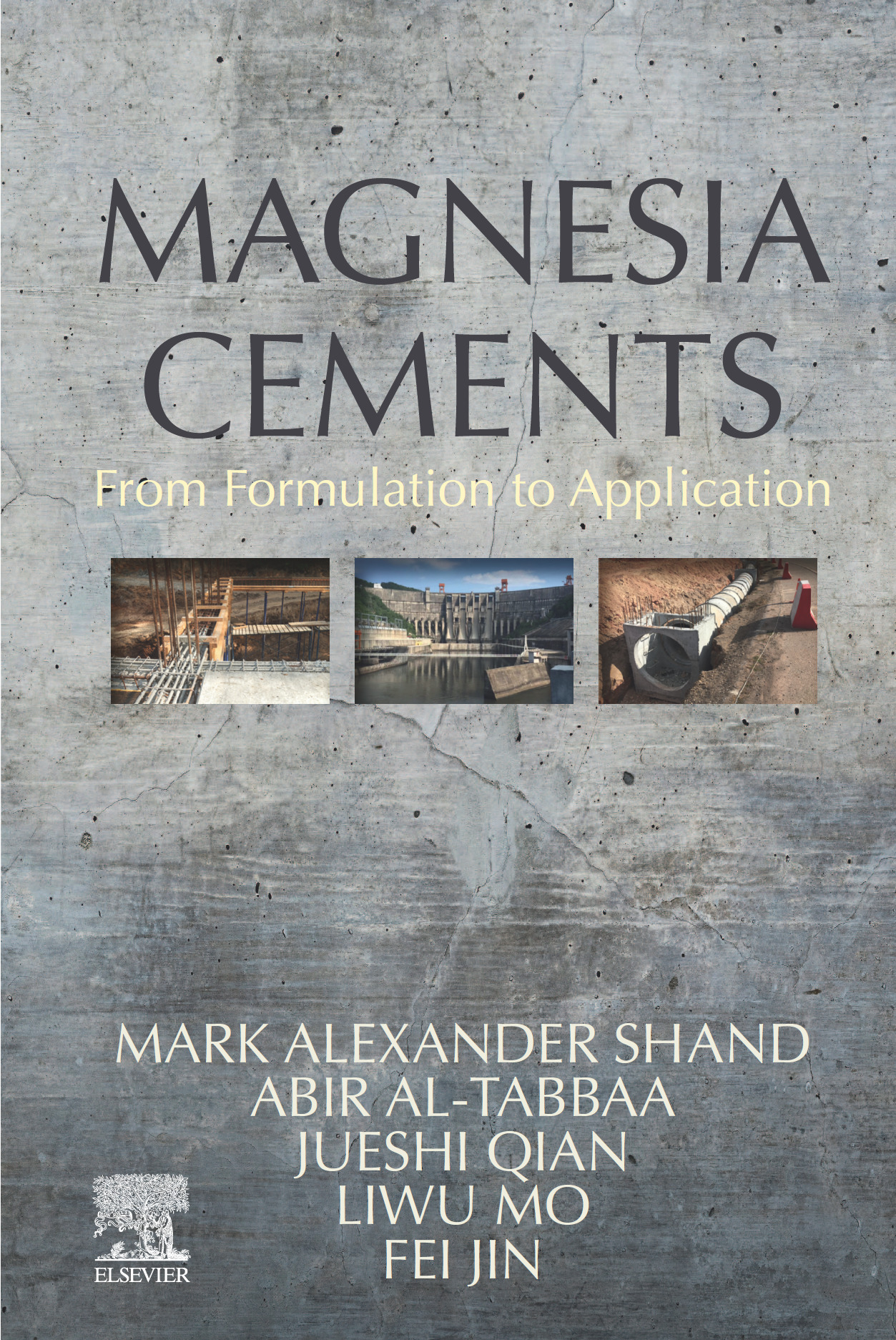
Magnesia Cements There is an urgent need for innovative, cost-effective, and sustainable approaches to reduce the tremendous environmental impact of conventional cement and cement-based technologies. Consuming a significantly lower quantity of natural resources than conventional cements, with the added ability to effectively sequestering carbon, magnesia cements offer great potential in this area. Magnesia Cements: From Formulation to Application explores the latest developments in this exciting area, reviewing the unique properties offered by these cements, including superior strength, fire resistance, and exceptional ability to bond to a wide range of aggregates, and highlighting their potential role in making cement production and usage more sustainable. Providing detailed analysis of the chemistry, properties, manufacture, and both traditional and novel applications, Magnesia Cements: From Formulation to Application is ideally suited for materials scientists, cement chemists, ceramicists, and engineers involved with the design, development, application and impact assessment of magnesia cements across both academia and industry. Provides formulary information research into more environmentally friendly cement systems Discusses chemical phase analysis and the impact of formulation Applies analysis and history of global uses to provide support for future environmentally stable industrial, building, and non-building applications TECHNOLOGY & ENGINEERING,Materials Science,General

Processing and Development of Polysaccharide-Based Biopolymers for Packaging Applications Processing and Development of Polysaccharide-Based Biopolymers for Packaging Applications presents the latest cutting-edge research into the processing and utilization of bio-based polymers for packaging applications, covering materials derived from polysaccharides, polylactic acid (PLA), polyhydroxyalkanoates (PHAs), polybutylene and bio-polyethylene. The book also covers the principles of biopolymer plasticization, experimental and modeling techniques, the use of nanotechnology, and key advances relating to biopolymer-based packaging, including anti-microbials, anti-oxidative agents, and modified atmosphere packaging (MAP). Introduces the principles of biopolymer plasticization and summarizes experimental and modeling techniques Covers a range of important bio-based polymer resources, explaining resources, availability, characterization methods, and extraction and refining techniques Supports the processing and development of bio-based polymers with enhanced functionality for advanced packaging applications TECHNOLOGY & ENGINEERING,Materials Science,General
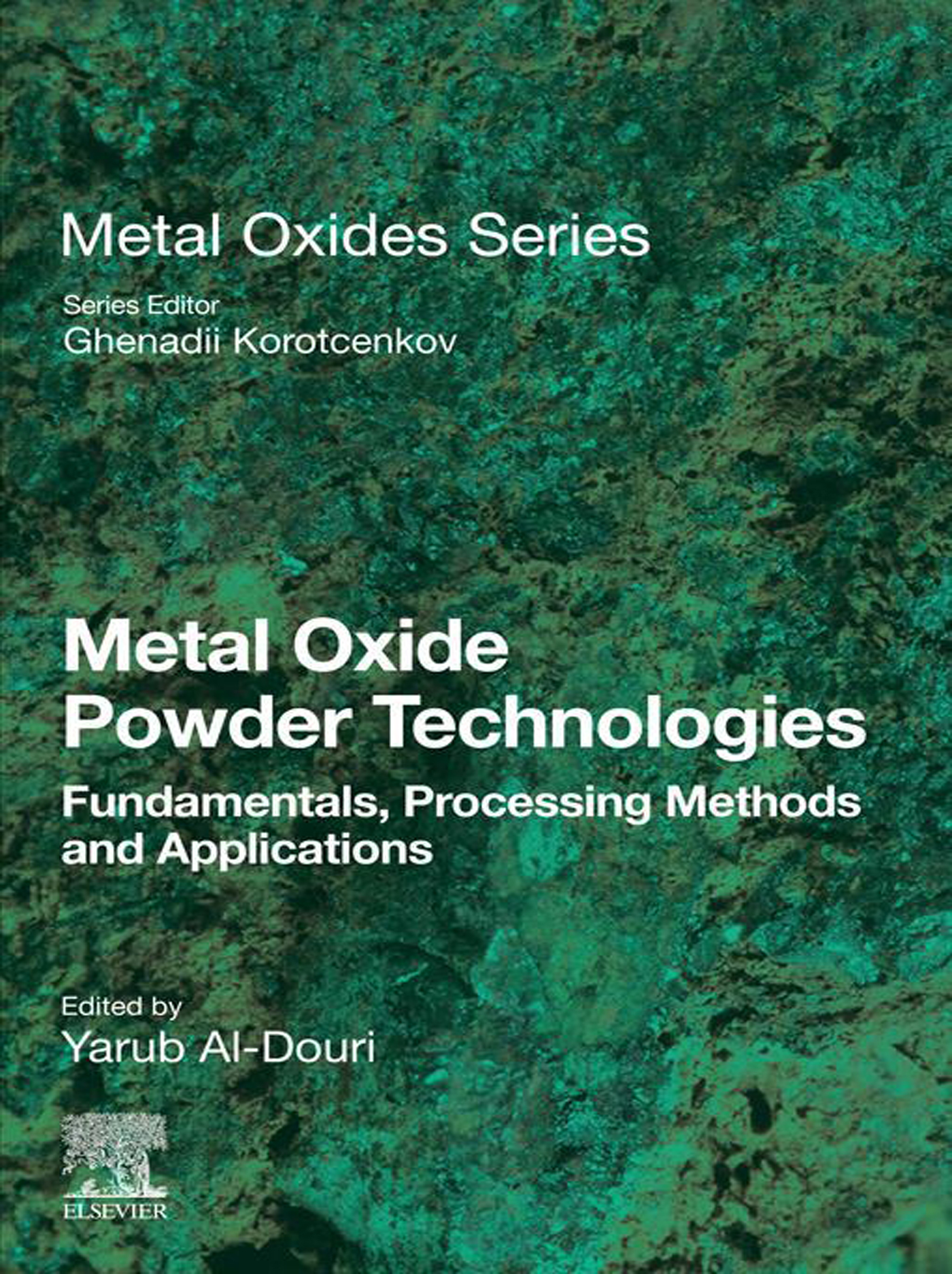
Metal Oxide Powder Technologies Metal Oxide Powder Technologies: Fundamentals, Processing Methods and Applications reviews the fundamentals, processing methods and applications of this key materials system. Topics addressed comprehensively cover chemical and physical properties, synthesis, preparation, both accepted and novel processing methods, modeling and simulation. The book provides fundamental information on the key properties that impact performance, such as particle size and crystal structure, along with methods to measure, analyze and evaluate. Finally, important applications are covered, including biomedical, energy, electronics and materials applications. Provides a comprehensive overview of key topics both on the theoretical side and the experimental Discusses important properties that impact metal oxide performance, processing methods (both novel and accepted), and important applications Reviews the most relevant applications, such as biomedical, energy, electronics and materials applications TECHNOLOGY & ENGINEERING,Materials Science,General
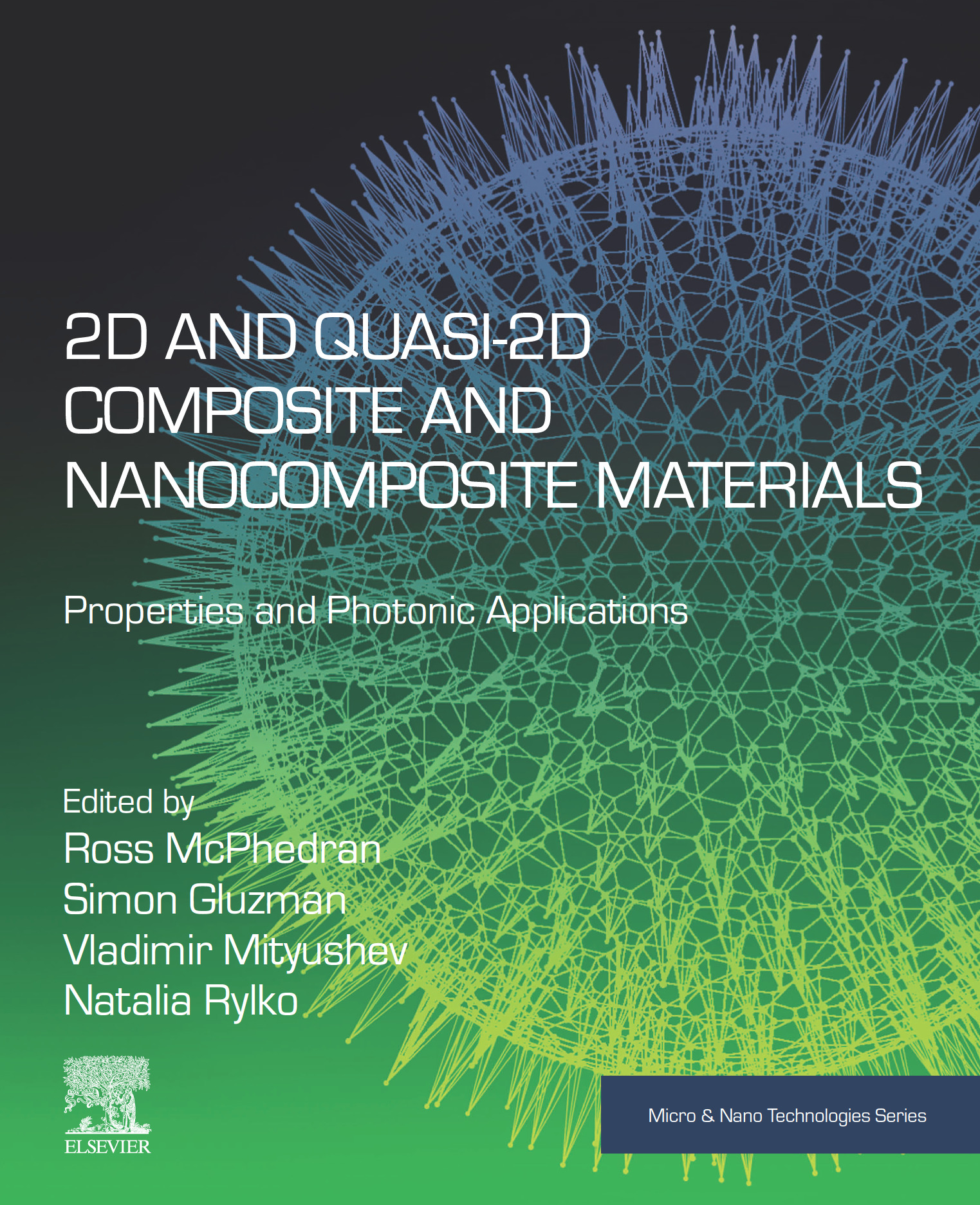
2D and Quasi-2D Composite and Nanocomposite Materials 2D and Quasi-2D Composite and Nanocomposite Materials: Theory, Properties and Photonic Applications covers the theory, characterization and computational modeling of 2D composite materials and shows how they are used for the creation of materials for 3D structures The book covers three major themes: Properties of 2D and quasi-2D composites are discussed in the context of homogenization theory. Homogenization results are discussed for spatiotemporal material composites assembled from materials which are distributed on a micro-scale in space and in time. New types of transport phenomena and localization in random media are addressed, with particular attention to the non-reciprocity of transport coefficients. Plasmonics and magneto-optics are also of particular interest. Magneto-transport and sub-wavelength resolution in electromagnetic and acoustic imaging are further considered. This book is an important resource for materials scientists and engineers working on nanomaterials, photonic composites, and materials theory, modeling and simulations. Outlines major modelling techniques of 2D nanocomposites for photonic applications Explores how the properties of 2D nanocomposites make them suitable for use for building 3D structures Assesses the challenges of using 2D nanocomposites for designing new devices on a mass scale TECHNOLOGY & ENGINEERING,Materials Science,General
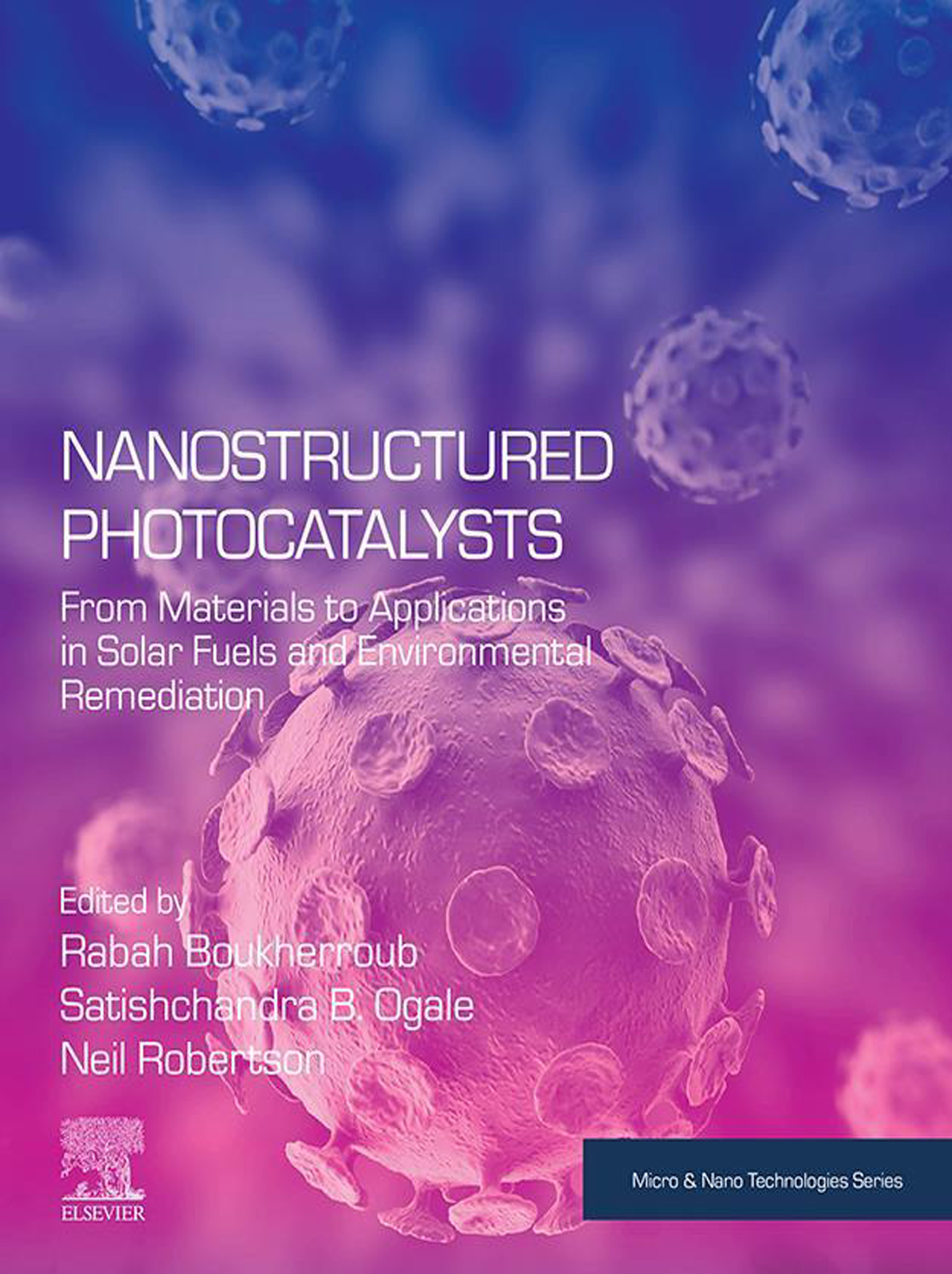
Nanostructured Photocatalysts Nanostructured Photocatalysts: From Materials to Applications in Solar Fuels and Environmental Remediation addresses the different properties of nanomaterials-based heterogeneous photocatalysis. Heterogeneous nanostructured photocatalysis represents an interesting and viable technique to address issues of climate change and global energy supply. Sustainable hydrogen (H2) fuel production from water via semiconductor photocatalysis, driven by solar energy, is regarded as a viable and sustainable solution to address increasing energy and environmental issues. Similarly, photocatalytic reduction of CO2 with water for the production of hydrocarbons could also be a viable solution. Sections cover band gap tuning, high surface area, the short diffusion path of carriers, and more. Introduces the utilization of nanostructured materials in heterogeneous photocatalysis for hydrogen fuel production via water splitting Explains preparation techniques for different nanomaterials and hybrid nanocomposites, enabling improved sunlight absorption efficiency and enhanced charge separation Assesses the challenges that need to be addressed before this technology can be practically implemented, particularly of identifying cost-effective nanophotocatalysts TECHNOLOGY & ENGINEERING,Materials Science,General
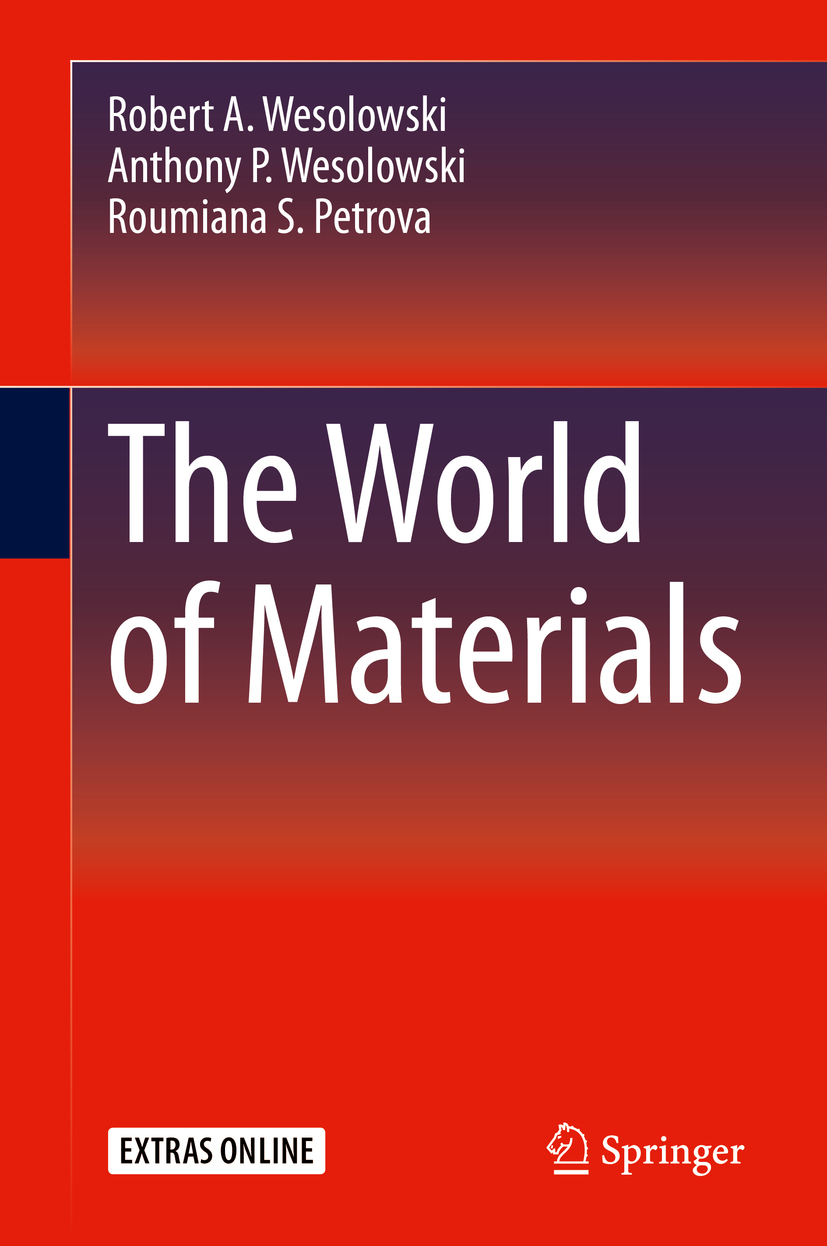
The World of Materials The world of materials is exciting because new materials are evolving daily. After an introduction to materials science, the book addresses the classification and structure of matter. It moves on to discuss crystal and mechanical properties. Next, the book employs various materials such as semiconductors and iron wires to teach concepts such as electrical conductivity, heat conductivity and allotropes. Corrosion is addressed and a chapter dedicated to interpretation of graphs and diagrams in materials science is presented. The book then progresses with chapters on ceramics, biomaterials, polymers and composites. To address the growing importance of recycling materials, polymer identification codes are explained. Interesting topics such as accidental materials discovery and materials failure are included. Each chapter ends with a chapter summary and questions and answers. Illustrations and worked examples are provided throughout. A lab manual is included as well. Presents an broad overview of materials science topics, including such topics as: crystal and mechanical properties of materials, semiconductors and iron wires, corrosion, ceramics, biomaterials, polymers, and composite materials; Examines modern-day materials, their synthesis, properties, alteration, and applications; Includes supplemental material, such as a lab manual and examples. TECHNOLOGY & ENGINEERING,Materials Science,General
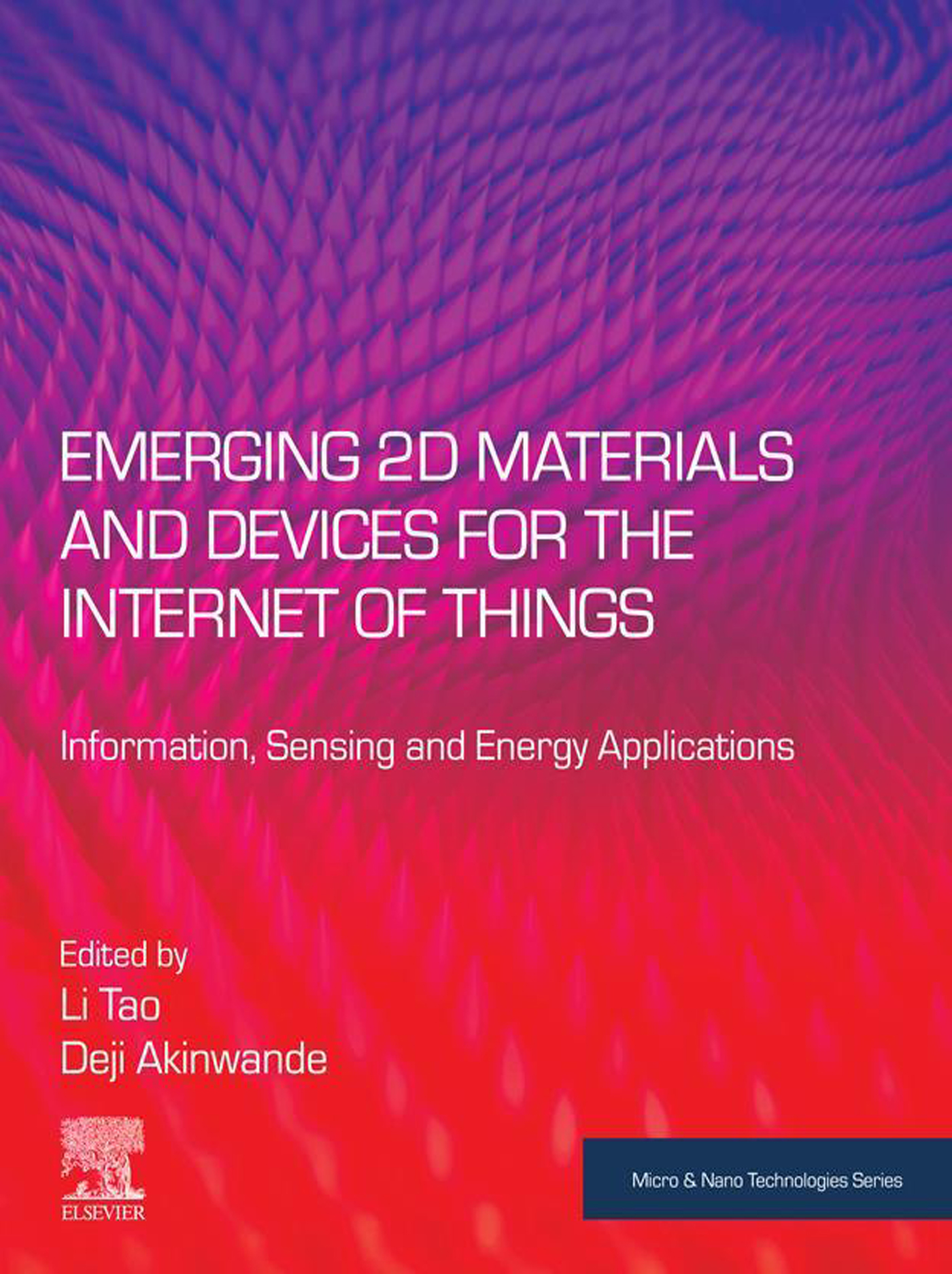
Emerging 2D Materials and Devices for the Internet of Things Emerging 2D Materials and Devices for the Internet of Things: Information, Sensing and Energy Applications summarizes state-of-the-art technologies in applying 2D layered materials, discusses energy and sensing device applications as essential infrastructure solutions, and explores designs that will make internet-of-things devices faster, more reliable and more accessible for the creation of mass-market products. The book focuses on information, energy and sensing applications, showing how different types of 2D materials are being used to create a new generation of products and devices that harness the capabilities of wireless technology in an eco-efficient, reliable way. This book is an important resource for both materials scientists and engineers, who are designing new wireless products in a variety of industry sectors. Explores how 2D materials are being used to create faster and more reliable wireless network solutions Discusses how graphene-based nanocomposites are being used for energy harvesting and storage applications Outlines the major challenges for integrating 2D materials in electronic sensing devices TECHNOLOGY & ENGINEERING,Materials Science,General
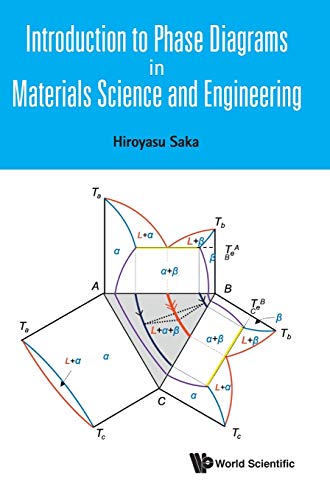
Introduction To Phase Diagrams In Materials Science And Engineering Phase diagrams are a MUST for materials scientists and engineers (MSEs). However, understanding phase diagrams is a difficult task for most MSEs. The audience of this book are young MSEs who start learning phase diagrams and are supposed to become specialists and those who were trained in fields other than materials science and engineering but are involved in research and/or development of materials after they are employed.Ternary phase diagrams presented in Chapter 4 are far more complex than binary phase diagrams. For this reason, ternary phase diagrams are nowadays less and less taught. However, in ceramics and semiconductors ternary phase diagrams become more and more important. Recent software provides necessary information to handle ternary phase diagrams. However, needless to say, without fundamental knowledge of ternary phase diagrams it is impossible to understand ternary phase diagrams correctly. In this book ternary phase diagrams are presented in a completely original way, with many diagrams illustrated in full color.In this book the essence of phase diagrams is presented in a user-friendly manner. This book is expected to be a Bible for MSEs. TECHNOLOGY & ENGINEERING,Materials Science,General
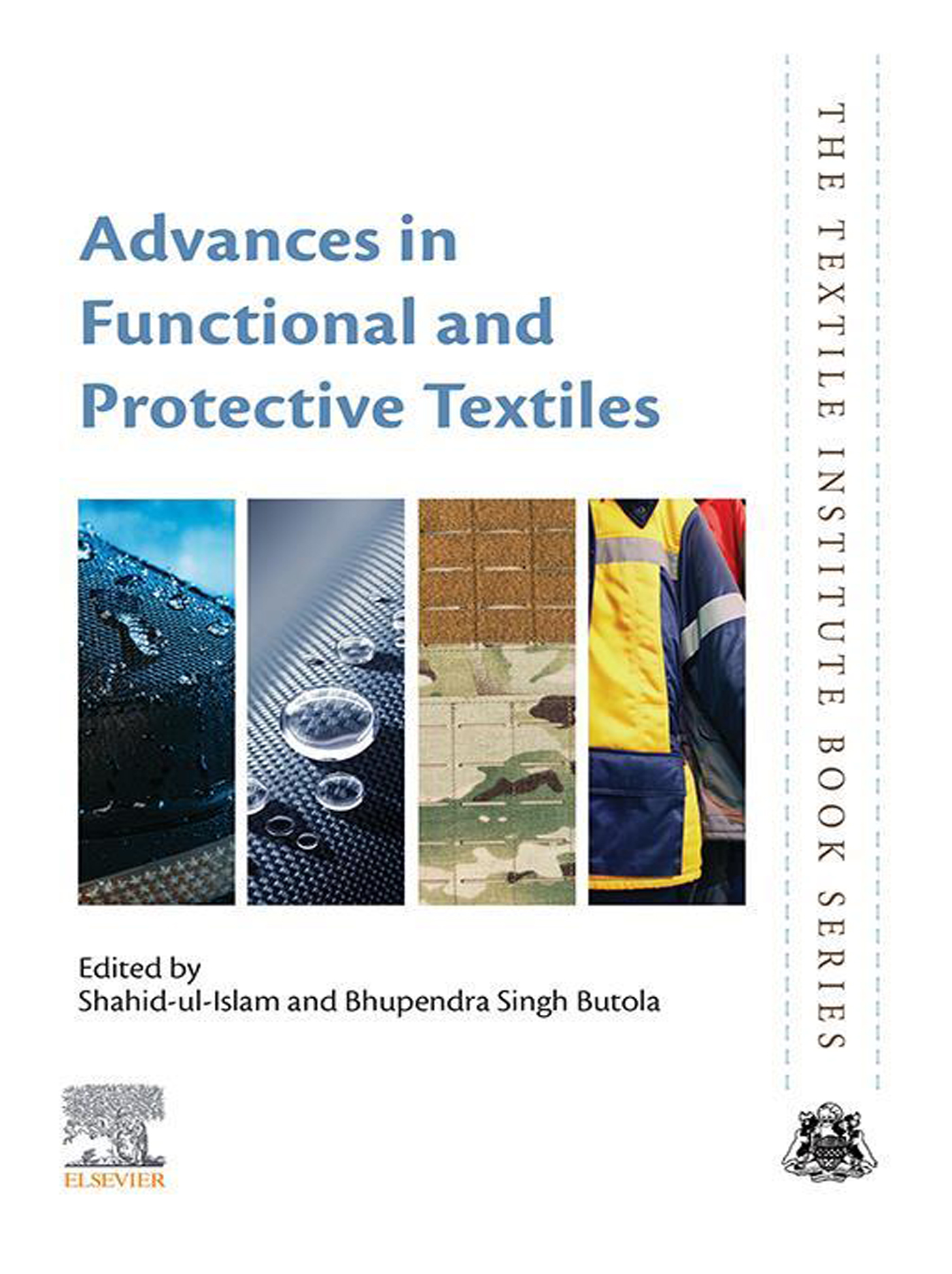
Advances in Functional and Protective Textiles Advances in Functional and Protective Textiles explores the latest research in the use of textile materials for protective clothing. The book’s international roster of researchers in industry and academia describe innovative applications in defense, medical, sports, fire protection, radiation protection, and more. This book is an invaluable resource for readers seeking to produce textiles with self-cleaning, antimicrobial, super-hydrophobic, UV-protective, insect repellant, flame retardant or anti-felting properties. Particular attention is given to textile fibers, including cotton, wool, viscose, and other synthetic fibers whose properties solve many problems. Sustainable approaches to the processing of textiles for protective properties are also addressed, as are hazards. Introduces the advanced testing and modeling methods that are necessary for the production of protective textiles Describes the properties of the latest advanced chemicals and materials used to make protective textiles and clothing Covers every step in the development of protective clothing, from the engineering of novel materials, to advanced fabrication methodologies and applications TECHNOLOGY & ENGINEERING,Materials Science,General

Nanomaterials for the Detection and Removal of Wastewater Pollutants Nanomaterials for the Detection and Removal of Wastewater Pollutants assesses the role of nanotechnology and nanomaterials in improving both the detection and removal of inorganic and organic contaminants from wastewater that originates from municipal and industrial plants. The book covers how nanotechnology is being used to remove common contaminants, including dyes, chlorinated solvents, nitrites/nitrates, and emerging contaminants, such as pharmaceuticals, personal care products and pesticides. Sections cover nanofiltration, adsorption and remediation. Nanomaterial immobilization recovery is also addressed, along with the quantification of heat/mass transport limitations, sizing aspects and transport phenomena. Finally, regulatory aspects regarding contaminants and nanoparticles in the environment are covered. This book is an important resource for both materials scientists and environmental scientists looking to see how nanotechnology can play a role in making wastewater a less hazardous part of the global ecosystem. Addresses the role of new nanotechnology-based solutions for the detection and removal of common and emerging contaminants Discusses the environmental impact of nanoparticles used in wastewater contaminant detection and removal Explores the major challenges for using nanomaterials to detect and remove contaminants from wastewater TECHNOLOGY & ENGINEERING,Materials Science,General

Architecting Robust Co-Design of Materials, Products, and Manufacturing Processes This book explores systems-based, co-design, introducing a “Decision-Based, Co-Design†(DBCD) approach for the co-design of materials, products, and processes. In recent years there have been significant advances in modeling and simulation of material behavior, from the smallest atomic scale to the macro scale. However, the uncertainties associated with these approaches and models across different scales need to be addressed to enable decision-making resulting in designs that are robust, that is, relatively insensitive to uncertainties. An approach that facilitates co-design is needed across material, product design and manufacturing processes. This book describes a cloud-based platform to support decisions in the design of engineered systems (CB-PDSIDES), which feature an architecture that promotes co-design through the servitization of decision-making, knowledge capture and use templates that allow previous solutions to be reused. Placing the platform in the cloud aids mass collaboration and open innovation. A valuable reference resource reference on all areas related to the design of materials, products and processes, the book appeals to material scientists, design engineers and all those involved in the emerging interdisciplinary field of integrated computational materials engineering (ICME). TECHNOLOGY & ENGINEERING,Materials Science,General

Spinel Ferrite Nanostructures for Energy Storage Devices Spinal Ferrite Nanostructures for Energy Storage Devices provide up-to-date coverage of ferrite properties and applications, with a particular focus on electrochemical and electrocatalytic energy storage applications. The book covers the basics of ferrites, including synthesis methods, structures and properties in the first few chapters, focusing on topics such as the properties of ferrites and the electrochemical and electro catalytic energy storage applications of unitary, binary and mixed ferrite nanostructures. Limitations for using ferrites in these devices are also covered. This book is an important reference source for materials scientists and engineers who want to gain a greater understanding of how ferrites are being used to enhance energy storage devices. Shows how ferrites are being used in a variety of energy storage systems, including electrochemical supercapacitor systems Discusses how ferrites are being used as an abundantly available, cheaper alternative to their materials for energy storage applications Evaluates the challenges and limitations of using ferrites for energy storage applications TECHNOLOGY & ENGINEERING,Materials Science,General
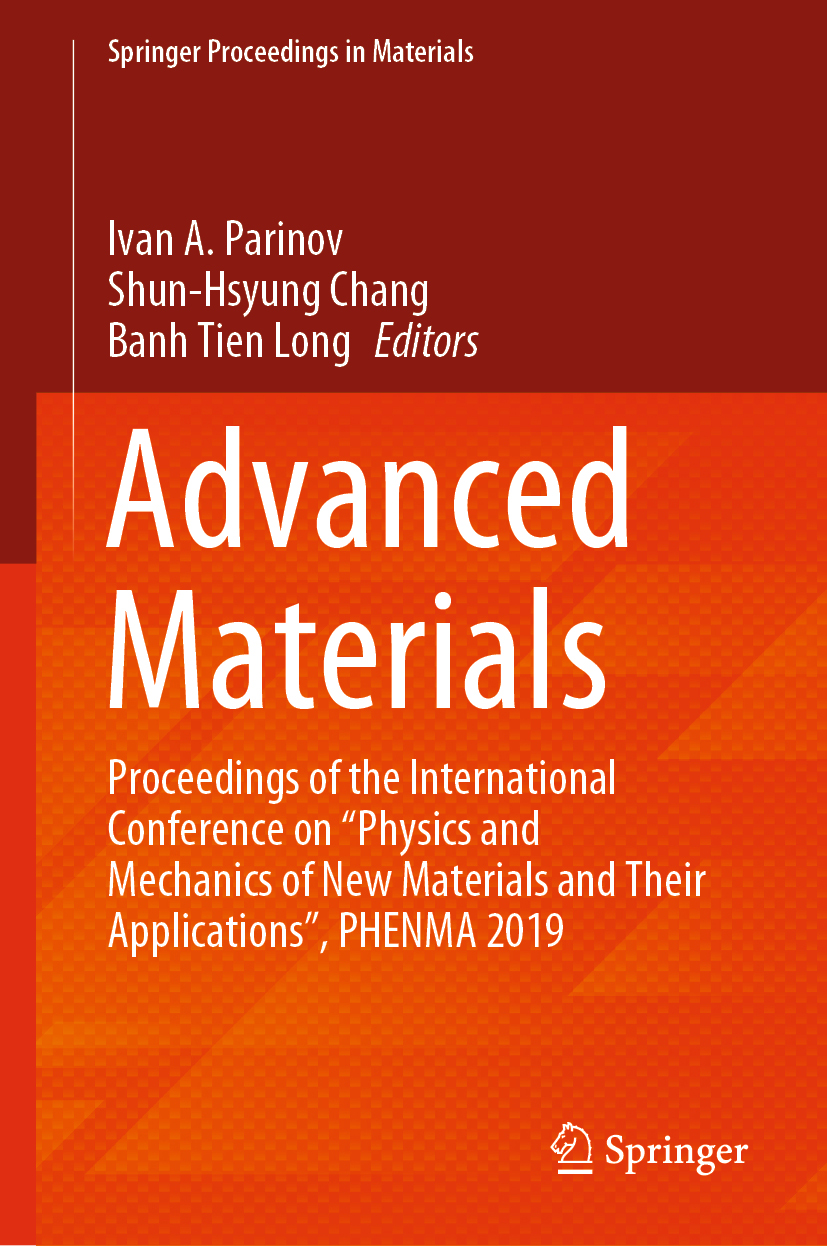
Advanced Materials This book presents selected peer-reviewed contributions from the 2019 International Conference on “Physics and Mechanics of New Materials and Their Applicationsâ€, PHENMA 2019 (Hanoi, Vietnam, 7–10 November, 2019), divided into four scientific themes: processing techniques, physics, mechanics, and applications of advanced materials. The book describes a broad spectrum of promising nanostructures, crystals, materials and composites with special properties. It presents nanotechnology approaches, modern environmentally friendly techniques and physical-chemical and mechanical studies of the structural-sensitive and physical–mechanical properties of materials. The obtained results are based on new achievements in material sciences and computational approaches, methods and algorithms (in particular, finite-element and finite-difference modeling) applied to the solution of different technological, mechanical and physical problems. The obtained results have a significant interest for theory, modeling and test of advanced materials. Other results are devoted to promising devices demonstrating high accuracy, longevity and new opportunities to work effectively under critical temperatures and high pressures, in aggressive media, etc. These devices demonstrate improved comparative characteristics, caused by developed materials and composites, allowing investigation of physio-mechanical processes and phenomena based on scientific and technological progress. TECHNOLOGY & ENGINEERING,Materials Science,General

Tribocorrosion This book is a toolbox for identifying and addressing tribocorrosion situations from an engineering point of view. It is an accessible and introductory guideline to the emerging and interdisciplinary field of tribocorrosion covering the main concepts of tribology and corrosion. It describes specific tribocorrosion concepts, models and experimental techniques as well as their application to practical situations in which mechanical and chemical phenomena act simultaneously. TECHNOLOGY & ENGINEERING,Materials Science,General
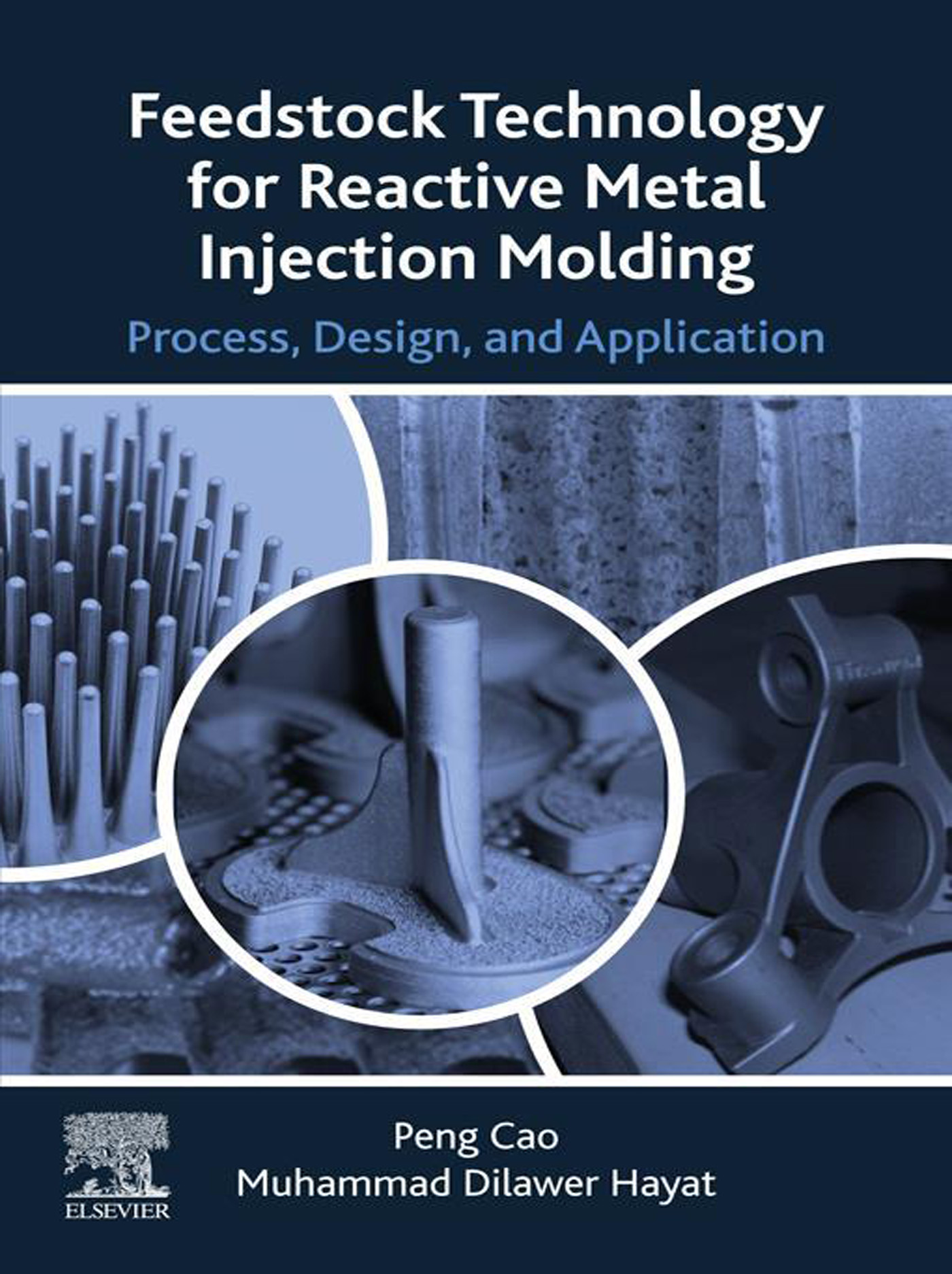
Feedstock Technology for Reactive Metal Injection Molding Feedstock Technology for Reactive Metal Injection Molding: Process, Design, and Application provides an authoritative guide on the basics of feedstock technology and the latest developments in binders for titanium metal injection moulding and their potential implications. In addition, the book presents challenges that MIM technology of reactive metals is currently facing and potential solutions for commercial success. As both commercial growth and research development are fundamentally driven by the economics of manufacture, this book presents the problems and potential solutions regarding reactive metals, making it a valuable resource for engineers intending to utilize MIM in commercial product design. Provides comprehensive details and case studies on the feedstocks currently under extensive development, in research and in the commercial domain Discusses the most recent developments of binder chemistry and design, along with the most critical challenges in MIM technology Includes comprehensive evaluations with regard to feedstock characterization and impurity control TECHNOLOGY & ENGINEERING,Materials Science,General

Nanoengineered Biomaterials for Advanced Drug Delivery Nanoengineered Biomaterials for Advanced Drug Delivery explores the latest advances in the applications of nanoengineered biomaterials in drug delivery systems. The book covers a wide range of biomaterials and nanotechnology techniques that have been used for the delivery of different biological molecules and drugs in the human body. It is an important resource for biomaterials scientists and engineers working in biomedicine and those wanting to learn more on how nanoengineered biomaterials are being used to enhance drug delivery for a variety of diseases. Nanoengineered biomaterials have enhanced properties that make them more effective than conventional biomaterials as both drug delivery agents, and in the creation of new drug delivery systems. As nanoengineering becomes more cost-effective, nanoengineered biomaterials have become more widely used within biomedicine. Offers an informed overview on how nanoengineering biomaterials enhance their properties for drug delivery applications Discusses the major applications of nanoengineered biomaterials for drug delivery Outlines the major challenges for successfully implementing nanoengineered biomaterials into existing drug delivery systems TECHNOLOGY & ENGINEERING,Materials Science,General
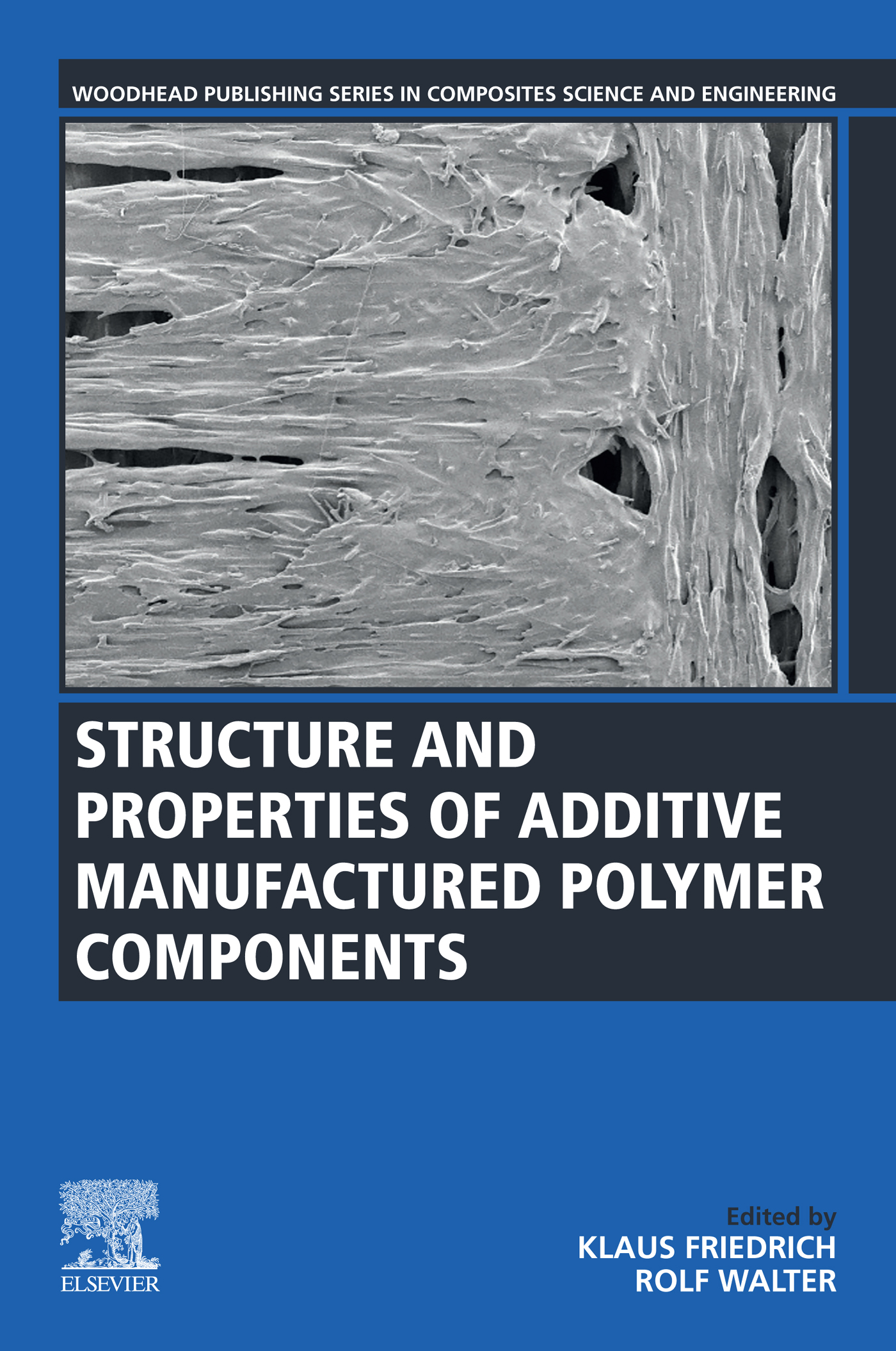
Structure and Properties of Additive Manufactured Polymer Components Structure and Properties of Additive Manufactured Polymer Components provides a state-of-the-art review from leading experts in the field who discuss key developments that have appeared over the last decade or so regarding the use of additive manufacturing (AM) methods in the production of neat and reinforced polymeric components. A major focus is given to materials science aspects, i.e., how the quality of the polymer preforms, the parameters of the chosen AM method, and how these factors can affect the microstructure and properties of the final product. The book not only covers production technologies and the relationship between processing, microstructure and fundamental properties of the produced parts, but also gives readers ideas on the use of AM polymer parts in medicine, automotive, aerospace, tribology, electronics, and more. Focuses on industrial aspects and applications Dedicated purely to recent advances in polymer composite additive manufacturing Emphasizes processing, structure and property relationships TECHNOLOGY & ENGINEERING,Materials Science,General
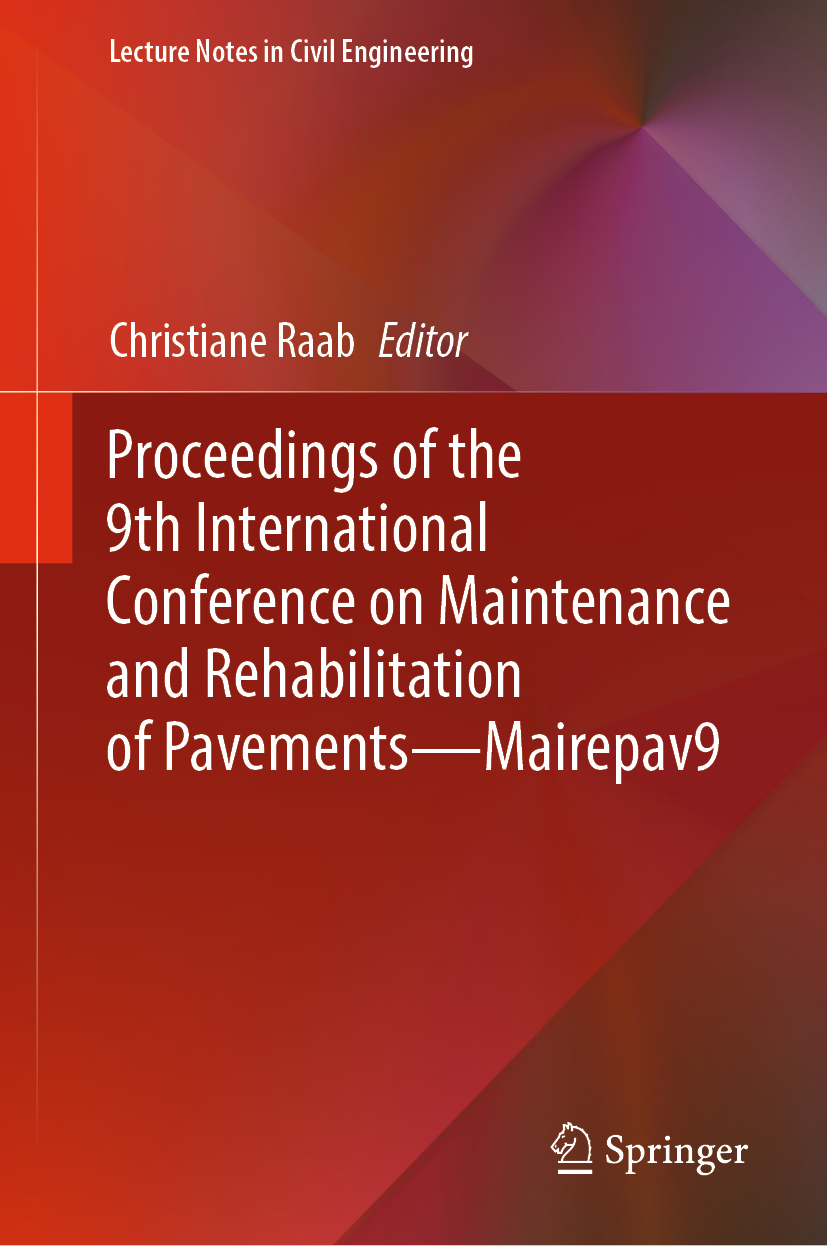
Proceedings of the 9th International Conference on Maintenance and Rehabilitation of Pavements—Mairepav9 This book gathers the proceedings of an international conference held at Empa (Swiss Federal Laboratories for materials Science and Technology) in Dübendorf, Switzerland, in July 2020. The conference series was established by the International Society of Maintenance and Rehabilitation of Transport Infrastructure (iSMARTi) for promoting and discussing state-of-the-art design, maintenance, rehabilitation and management of pavements. The inaugural conference was held at Mackenzie Presbyterian University in Sao Paulo, Brazil, in 2000. The series has steadily grown over the past 20 years, with installments hosted in various countries all over the world. The respective contributions share the latest insights from research and practice in the maintenance and rehabilitation of pavements, and discuss advanced materials, technologies and solutions for achieving an even more sustainable and environmentally friendly infrastructure. TECHNOLOGY & ENGINEERING,Materials Science,General

Synthesis, Modelling and Characterization of 2D Materials and their Heterostructures Synthesis, Modelling and Characterization of 2D Materials and Their Heterostructures provides a detailed discussion on the multiscale computational approach surrounding atomic, molecular and atomic-informed continuum models. In addition to a detailed theoretical description, this book provides example problems, sample code/script, and a discussion on how theoretical analysis provides insight into optimal experimental design. Furthermore, the book addresses the growth mechanism of these 2D materials, the formation of defects, and different lattice mismatch and interlayer interactions. Sections cover direct band gap, Raman scattering, extraordinary strong light matter interaction, layer dependent photoluminescence, and other physical properties. Explains multiscale computational techniques, from atomic to continuum scale, covering different time and length scales Provides fundamental theoretical insights, example problems, sample code and exercise problems Outlines major characterization and synthesis methods for different types of 2D materials TECHNOLOGY & ENGINEERING,Materials Science,General

Handbook of Biomaterials Biocompatibility Handbook of Biomaterials Biocompatibility is a systematic reference on host response to different biomaterials, taking into account their physical, mechanical and chemical properties. The book reviews recent progress in the design and study of biomaterials biocompatibility, along with current understanding on how to control immune system response. Sections provide the fundamental theories and challenges of biomaterials biocompatibility, the role of different biomaterials physicochemical surface properties on cell responses, cell responses to different physicochemical properties of polymers, ceramics, metals, carbons and nanomaterials, and biomaterials in different tissues, such as the cardiac, nervous system, cartilage and bone. This resource will be suitable for those working in the fields of materials science, regenerative engineering, medicine, medical devices and nanotechnology. Reviews the fundamental theories and challenges of biomaterials biocompatibility, including an overview of the standards and regulations Provides an overview on the cellular and molecular mechanisms involved in host responses to biomaterials Systematically looks at cellular response and tissue response to a wide range of biomaterials, including polymers, metals, ceramics, alloys and nanomaterials TECHNOLOGY & ENGINEERING,Materials Science,General
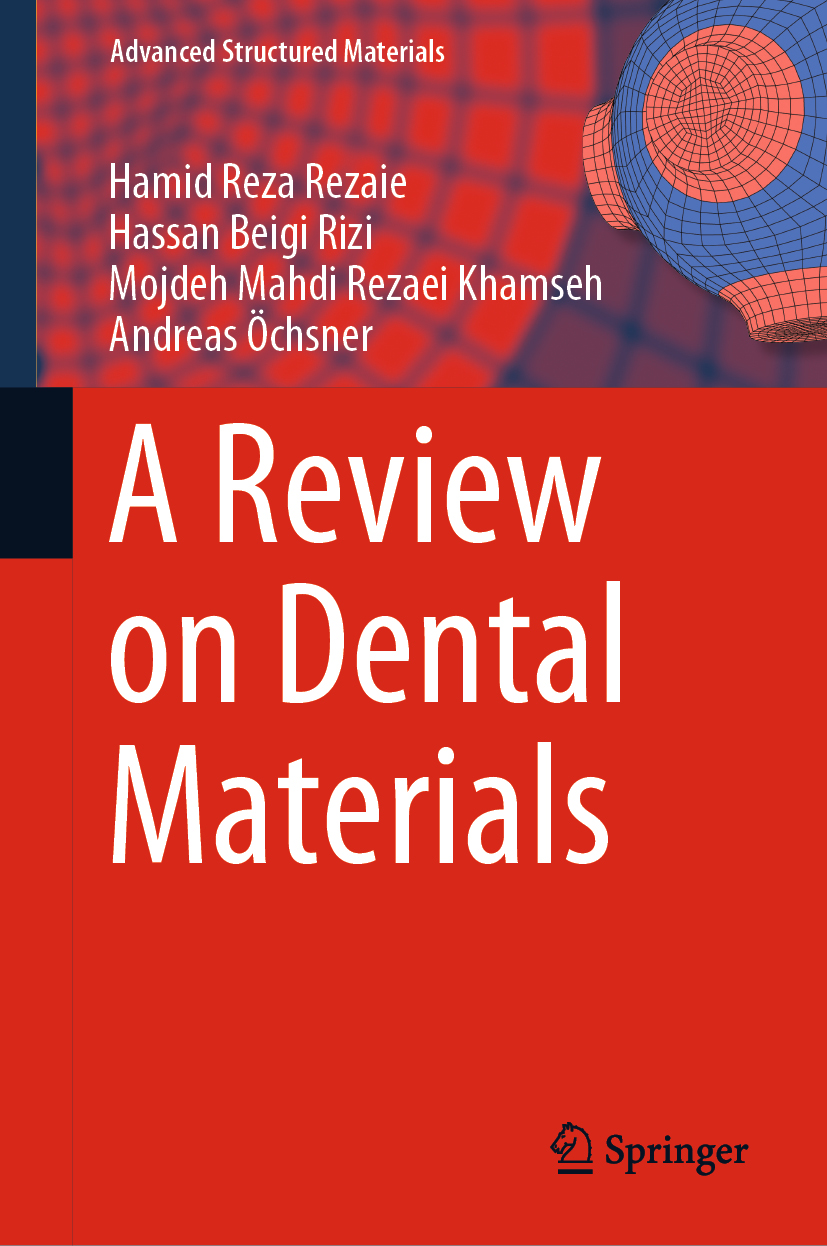
A Review on Dental Materials This book discusses the current biomaterials used for dental applications and the basic sciences underpinning their application. The most critical structures in the oral cavity are the teeth, which play a central role in speaking, biting, chewing, tasting and swallowing. Teeth consist of three types of tissue: the cementum, enamel and dentin, with bone and gingival tissue serving as supporting structures. Caries, tooth wear, trauma and mechanical defects can lead to severe facial conditions; however, correcting these defects remains a challenge for scientists and dentists. Presenting insights form a broad range of disciplines, including materials science, biology, physiology and clinical science, this book provides a timely review of the principles, processing and application of dental materials. TECHNOLOGY & ENGINEERING,Materials Science,General
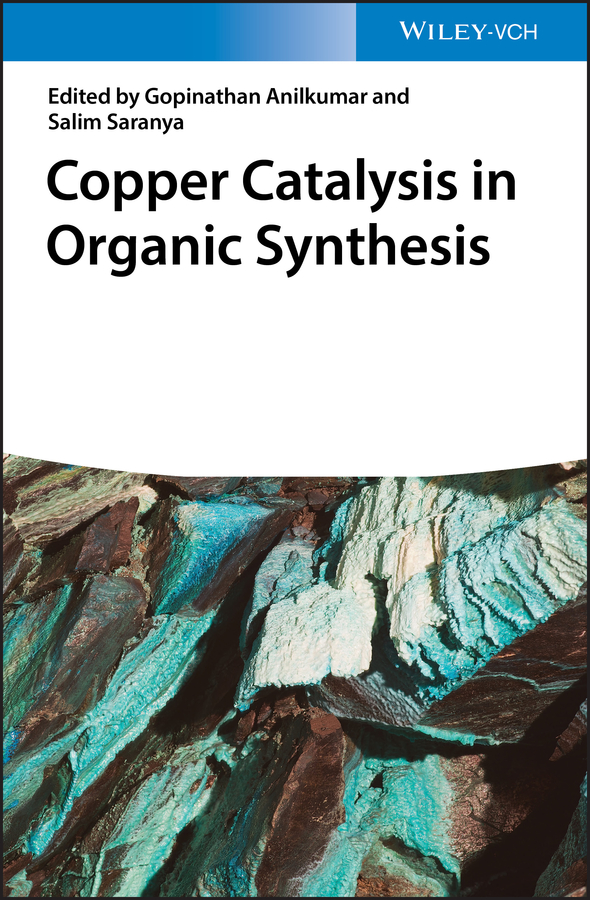
Copper Catalysis in Organic Synthesis The most current information on growing field of copper catalysis Copper Catalysis in Organic Synthesis contains an up-to-date overview of the most important reactions in the presence of copper catalysts. The contributors—noted experts on the topic—provide an introduction to the field of copper catalysis, reviewing its development, scope, and limitations, as well as providing descriptions of various homo- and cross-coupling reactions. In addition, information is presented on copper-catalyzed C–H activation, amination, carbonylation, trifluoromethylation, cyanation, and click reactions. Comprehensive in scope, the book also describes microwave-assisted and multi-component transformations as well as copper-catalyzed reactions in green solvents and continuous flow reactors. The authors highlight the application of copper catalysis in asymmetric synthesis and total synthesis of natural products and heterocycles as well as nanocatalysis. This important book: Examines copper and its use in organic synthesis as a more cost-effective and sustainable for researchers in academia and industry Offers the first up-to-date book to explore copper as a first line catalyst for many organic reactions Presents the most significant developments in the area, including cross-coupling reactions, C–H activation, asymmetric synthesis, and total synthesis of natural products and heterocycles Contains over 20 contributions from leaders in the field Written for catalytic chemists, organic chemists, natural products chemists, pharmaceutical chemists, and chemists in industry, Copper Catalysis in Organic Synthesis offers a book on the growing field of copper catalysis, covering cross-coupling reactions, C–H activation, and applications in the total synthesis of natural products. TECHNOLOGY & ENGINEERING,Materials Science,General

Multiscale Modeling of Additively Manufactured Metals Multiscale Modeling of Additively Manufactured Metals: Application to Laser Powder Bed Fusion Process provides comprehensive coverage on the latest methodology in additive manufacturing (AM) modeling and simulation. Although there are extensive advances within the AM field, challenges to predictive theoretical and computational approaches still hinder the widespread adoption of AM. The book reviews metal additive materials and processes and discusses multiscale/multiphysics modeling strategies. In addition, coverage of modeling and simulation of AM process in order to understand the process-structure-property relationship is reviewed, along with the modeling of morphology evolution, phase transformation, and defect formation in AM parts. Residual stress, distortion, plasticity/damage in AM parts are also considered, with scales associated with the spatial, temporal and/or material domains reviewed. This book is useful for graduate students, engineers and professionals working on AM materials, equipment, process, development and modeling. Includes the fundamental principles of additive manufacturing modeling techniques Presents various modeling tools/software for AM modeling Discusses various design methods and how to optimize the AM process using these models TECHNOLOGY & ENGINEERING,Materials Science,General
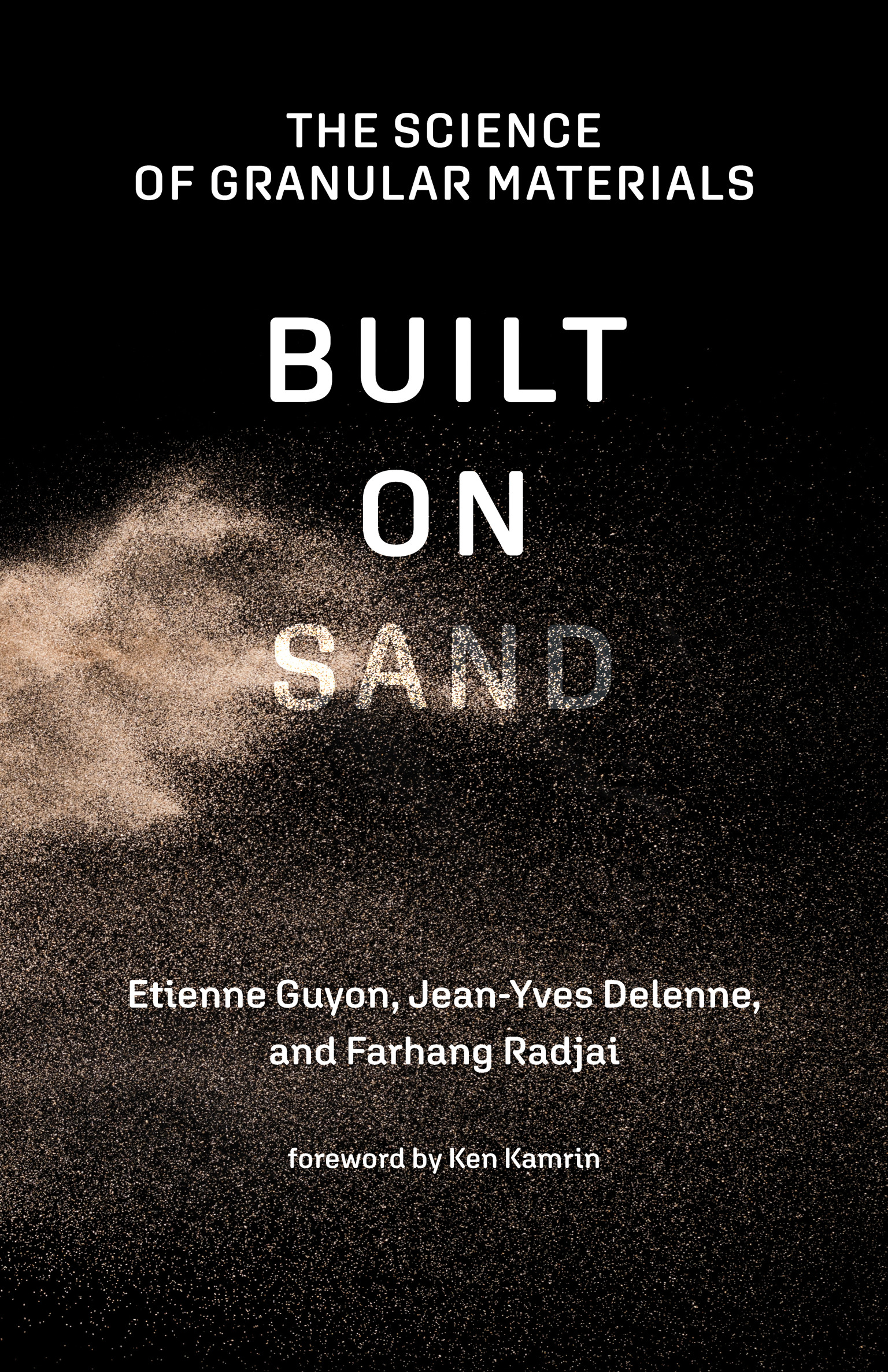
Built on Sand Explaining the science contained in a simple assembly of grains—the most abundant form of matter present on Earth. Granular media—composed of vast amounts of grains, consolidated or not—constitute the most abundant form of solid matter on Earth. Granular materials assemble in disordered configurations scientists often liken to a bag of marbles. Made of macroscopic particles rather than molecules, they defy the standard scheme of classification in terms of solid, liquid, and gas. Granular materials provide a model relevant to various domains of research, including engineering, physics, and biology. William Blake famously wished “To See a World in a Grain of Sand”; in this book, pioneering researchers in granular matter explain the science hidden behind simple grains, shedding light on collective behavior in disordered settings in general. The authors begin by describing the single grain with its different origins, shapes, and sizes, then examine grains in piled or stacked form. They explain the packing fraction of granular media, a crucial issue that bears on the properties displayed in practical applications; explore small-scale deformations in piles of disordered grains, with particular attention to friction; and present theories of various modes of disorder. Along the way, they discuss such concepts as force chains, arching effects, wet grains, sticky contacts, and inertial effects. Drawing on recent numerical simulations as well as classical concepts developed in physics and mechanics, the book offers an accessible introduction to a rapidly developing field. TECHNOLOGY & ENGINEERING,Materials Science,General

Micro and Nanostructured Composite Materials for Neutron Shielding Applications Micro- and Nanostructured Composite Materials for Neutron Shielding Applications presents recent developments and future possibilities for neutron shielding materials. Emphasis is placed on the correlation between the morphology, shielding mechanisms, and other desired properties, including their mechanical and thermal properties. The effect of neutron absorbing fillers, including their size on final properties is also examined, as are recent advancements in preparation, characterization and simulation techniques. Written by specialists in their respective fields, this comprehensive resource will help professionals and students understand the fundamentals of neutron shielding, as well as the properties of micro- and nanopolymer-based composites, concrete materials, alloy materials and metal-ceramic composites. Provides an up-to-date understanding of the fundamentals of shielding mechanisms, morphology and material property correlations Covers a broad range of micro and nano composite materials for neutron shielding Discusses recent advances surrounding the synthesis and processing of nanostructures and nanocomposite materials TECHNOLOGY & ENGINEERING,Materials Science,General
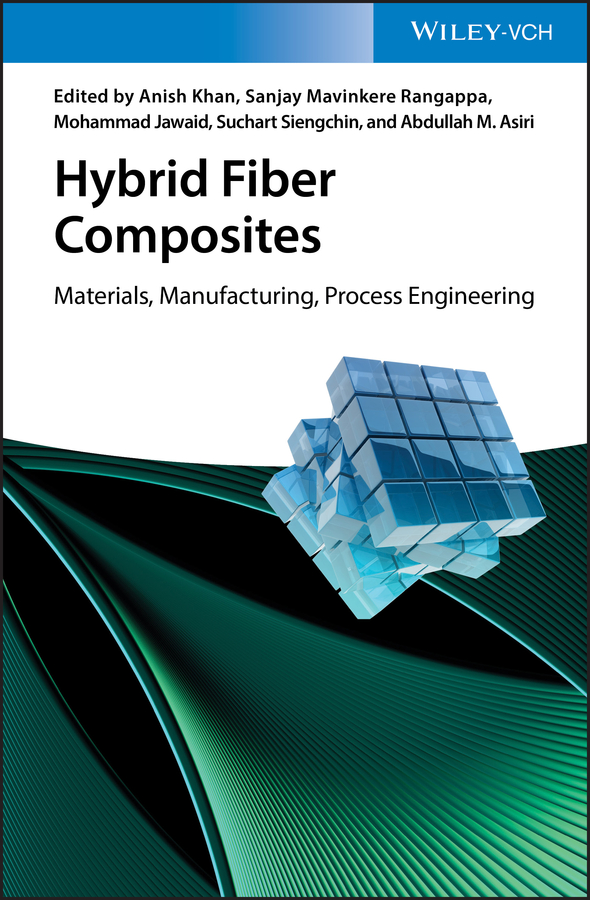
Hybrid Fiber Composites Fiber-reinforced composites are exceptionally versatile materials whose properties can be tuned to exhibit a variety of favorable properties such as high tensile strength and resistance against wear or chemical and thermal influences. Consequently, these materials are widely used in various industrial fields such as the aircraft, marine, and automobile industry. After an overview of the general structures and properties of hybrid fiber composites, the book focuses on the manufacturing and processing of these materials and their mechanical performance, including the elucidation of failure mechanisms. A comprehensive chapter on the modeling of hybrid fiber composites from micromechanical properties to macro-scale material behavior is followed by a review of applications of these materials in structural engineering, packaging, and the automotive and aerospace industries. TECHNOLOGY & ENGINEERING,Materials Science,General

API Polyurethanes Expo 2001 This book contains papers presented in various technical sessions at the Polyurethanes Expo 2001 conference held between September 30-October 3, 2001 at Greater Columbus Convention Center, Columbus, Ohio. TECHNOLOGY & ENGINEERING,Materials Science,General
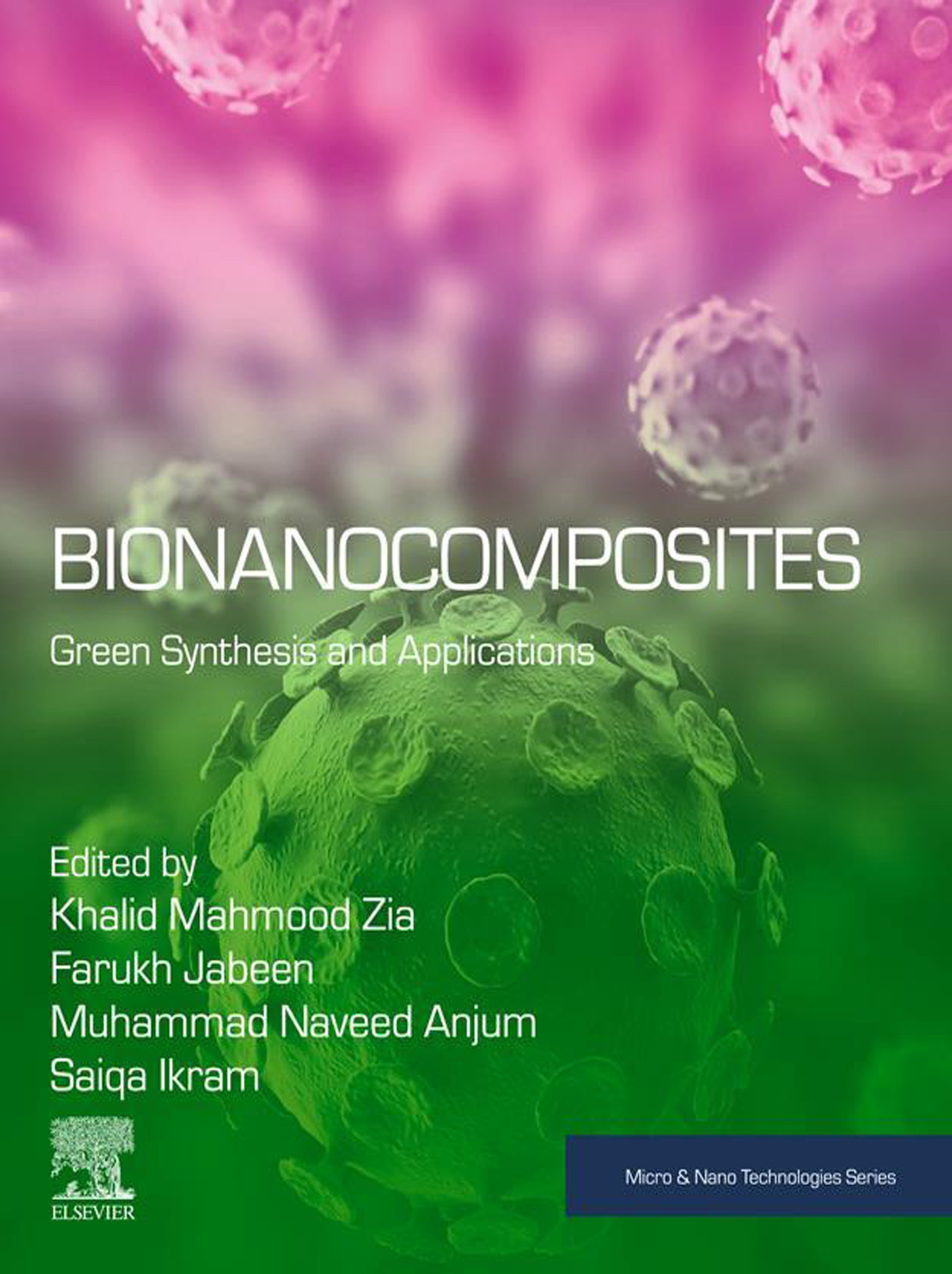
Bionanocomposites Bionanocomposites: Green Synthesis and Applications provides an in-depth study on the synthesis of a variety of bionanocomposites from different types of raw materials. In addition, the book offers an overview on the synthesis and applications of environmentally friendly bionanocomposites, with an emphasis on bionanocomposites of natural products. Final sections focus on various characterization techniques, their production, and the future prospects of sustainable bionanocomposites. Outlines the major characterization methods and processing techniques for bionanocomposites Explores how bionanocomopsites are being used to design new projects in medicine and environmental engineering Discusses how the properties of a variety of bionanocomposite classes make them suitable for particular industrial applications TECHNOLOGY & ENGINEERING,Materials Science,General
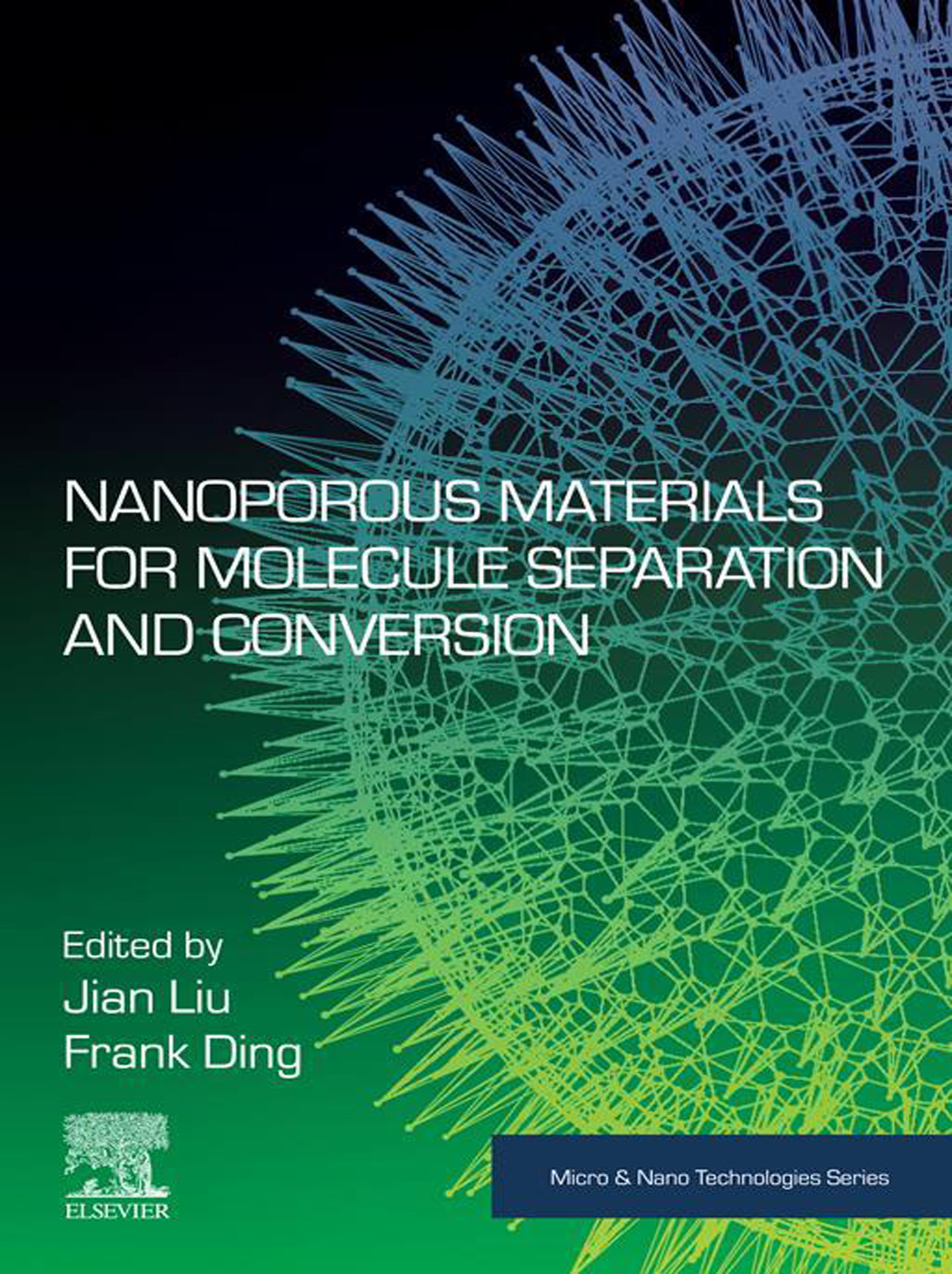
Nanoporous Materials for Molecule Separation and Conversion Nanoporous Materials for Molecule Separation and Conversion cover the topic with sections on nanoporous material synthesis and characterization, nanoporous materials for molecule separation, and nanoporous materials for energy storage and renewable energy. Typical nanoporous materials including carbon, zeolite, silica and metal-organic frameworks and their applications in molecule separation and energy related applications are covered. In addition, the fundamentals of molecule adsorption and molecule transport in nanoporous materials are also included, providing readers with a stronger understanding of the principles and topics covered. This is an important reference for anyone exploring nanoporous materials, including researchers and postgraduate students in materials science and chemical engineering. In addition, it is ideal for industry professionals working on a wide range of applications for nanoporous materials. Outlines the fundamental principles of nanoporous materials design Explores the application of nanoporous materials in important areas such as molecule separation and energy storage Gives real-life examples of how nanoporous materials are used in a variety of industry sector TECHNOLOGY & ENGINEERING,Materials Science,General
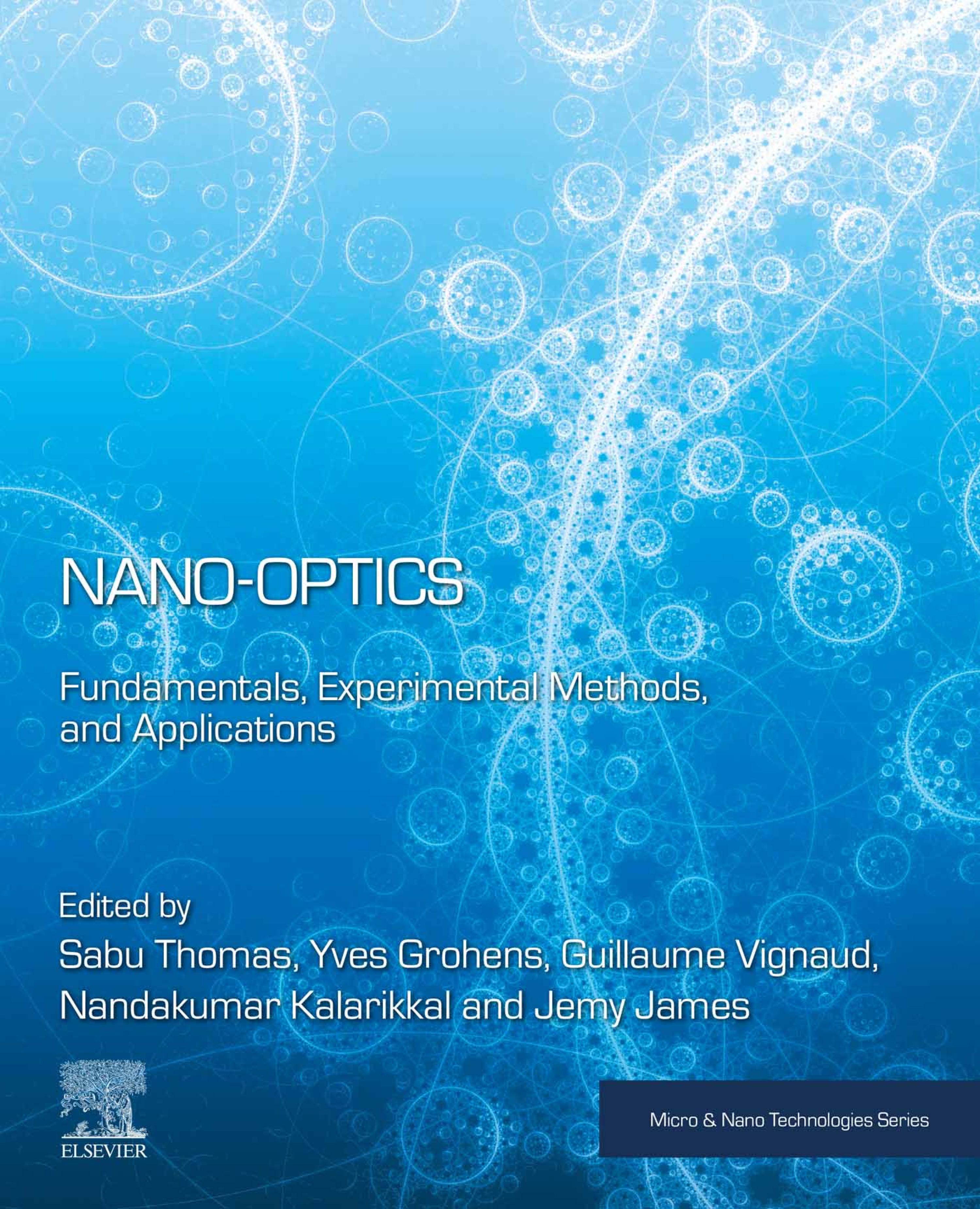
Nano-Optics Nano-Optics: Fundamentals, Experimental Methods, and Applications offers insights into the fundamentals and industrial applications of nanoscale light-emitting materials and their composites. This book serves as a reference, offering an overview of existing research, with a particular focus on industrial applications. Nano-optics is the branch of nanoscience and nanotechnology that deals with interaction of light with nanoscale objects. This book explores the materials, structure, manufacturing techniques, and industrial applications of nano-optics. The applications discussed include healthcare, communication, astronomy, and satellites. Explains the major manufacturing techniques for light-emitting nanoscale materials Discusses how nanoscale optical materials are being used in a range of industrial applications Assesses the challenges of using nano-optics in a mass-production context TECHNOLOGY & ENGINEERING,Materials Science,General
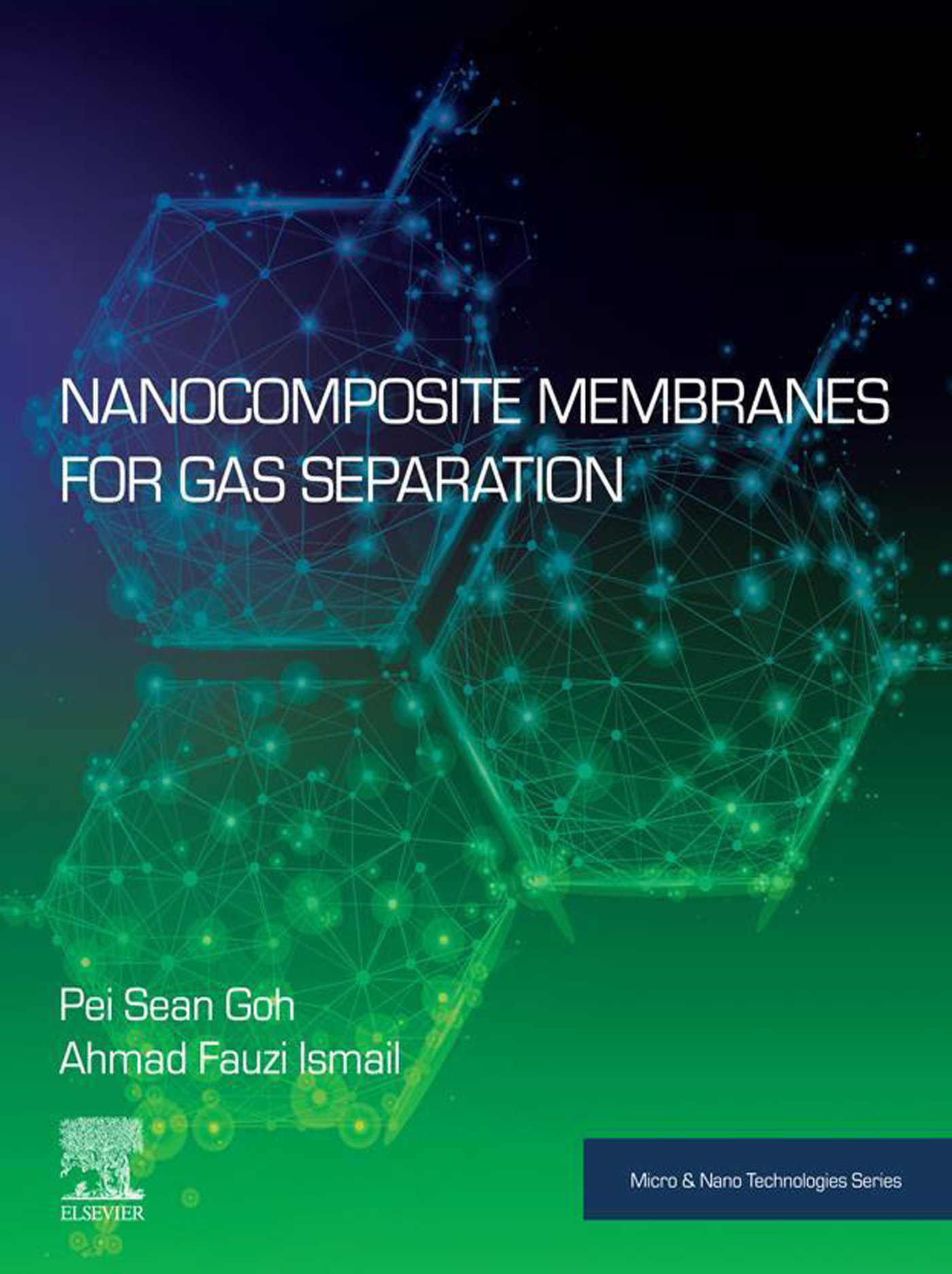
Nanocomposite Membranes for Gas Separation The development of a new class of nanocomposite membranes has served as one of the most prominent strategies to address the intrinsic limitations of conventionally used polymeric and inorganic membranes. Nanocomposite membranes consist of nanosized inorganic nanomaterials that are incorporated into the structure of continuous polymer matrices. Owing to the exceptional properties exhibited by the nanomaterials, the resultant nanocomposite membranes demonstrate higher selectivity and permeability that surpass the Robeson upper boundary limit. Nanocomposite Membranes for Gas Separation provides a comprehensive review of the advances made in the development and application of gas separation nanocomposite membranes. In particular, the book covers the focuses on the fabrication, modification, characterization and applications of nanocomposite membranes for gas separation. It is an important reference source both for materials scientists, environmental engineers and chemical engineers who are looking to understand how nanocomposite membranes are being used to create better techniques for gas separation. Provides detailed insights in the fabrication, modification, characterization and applications of nanocomposite membranes for gas separation Shows how nanotechnology is being used to address current limitations of the development of polymeric and inorganic membranes for gas separation, including low separation performance in terms of permeability and selectivity Explores the potential of nanocomposite membranes to help create more effective gas separation techniques TECHNOLOGY & ENGINEERING,Materials Science,General
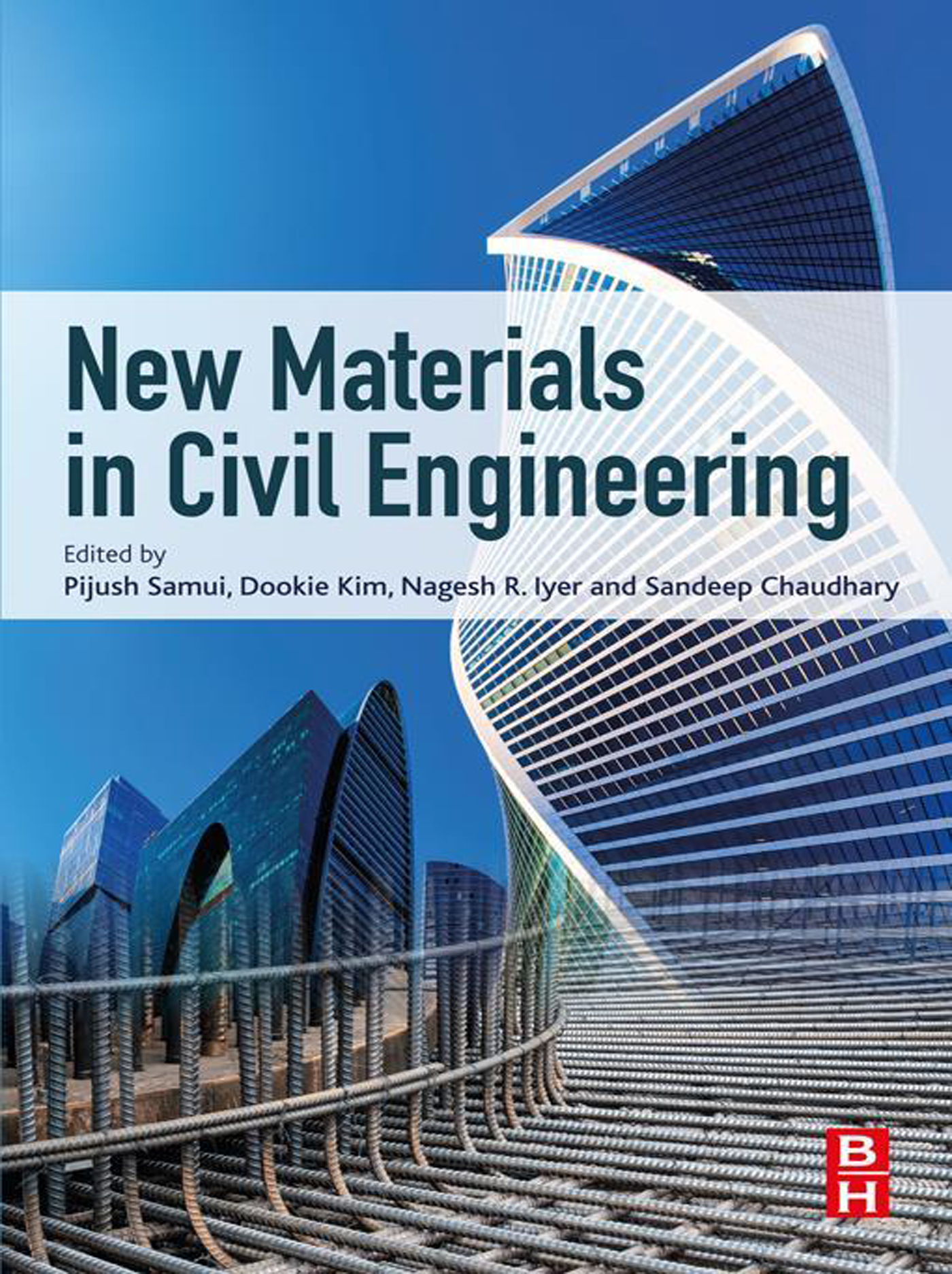
New Materials in Civil Engineering New Materials in Civil Engineering provides engineers and scientists with the tools and methods needed to meet the challenge of designing and constructing more resilient and sustainable infrastructures. This book is a valuable guide to the properties, selection criteria, products, applications, lifecycle and recyclability of advanced materials. It presents an A-to-Z approach to all types of materials, highlighting their key performance properties, principal characteristics and applications. Traditional materials covered include concrete, soil, steel, timber, fly ash, geosynthetic, fiber-reinforced concrete, smart materials, carbon fiber and reinforced polymers. In addition, the book covers nanotechnology and biotechnology in the development of new materials. Covers a variety of materials, including fly ash, geosynthetic, fiber-reinforced concrete, smart materials, carbon fiber reinforced polymer and waste materials Provides a “one-stop resource of information for the latest materials and practical applications Includes a variety of different use case studies TECHNOLOGY & ENGINEERING,Materials Science,General
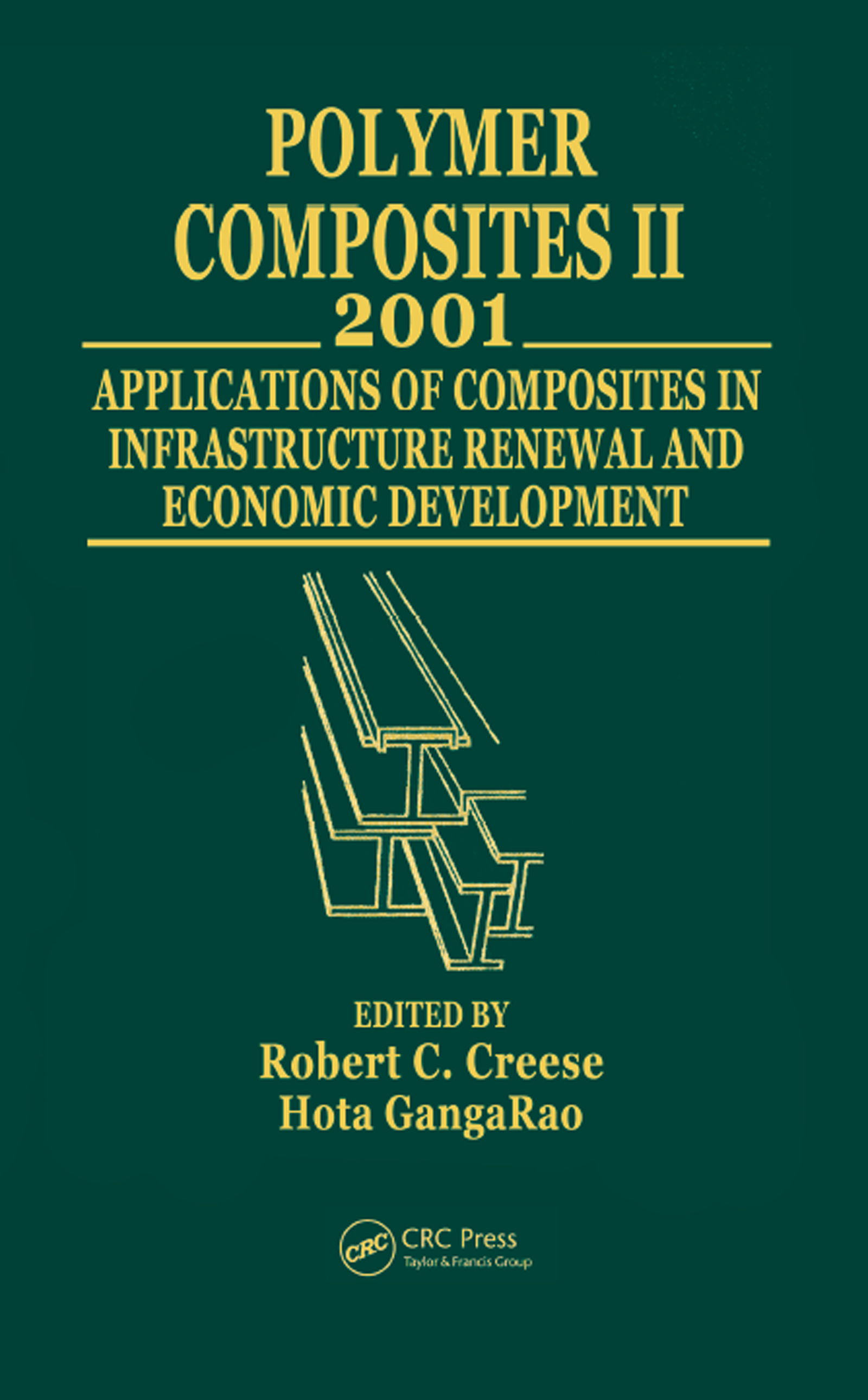
Polymer Composites II Based on polymer conferences held in 1999 and 2001, Polymer Composites II: Composites Applications in Infrastructure Renewal and Economic Development is a collection of status reports, success stories, and new opportunities from specific composite applications in infrastructure renewal that provide insight to the resulting economic development and effects. This volume brings together multidisciplinary experts involved with polymer composites who validate their design, construction, and performance and present the role that composites play in infrastructure renewal, detail the technical and regualtory barriers, identify helpful agencies, and estimate the possibilities of economic development. TECHNOLOGY & ENGINEERING,Materials Science,General
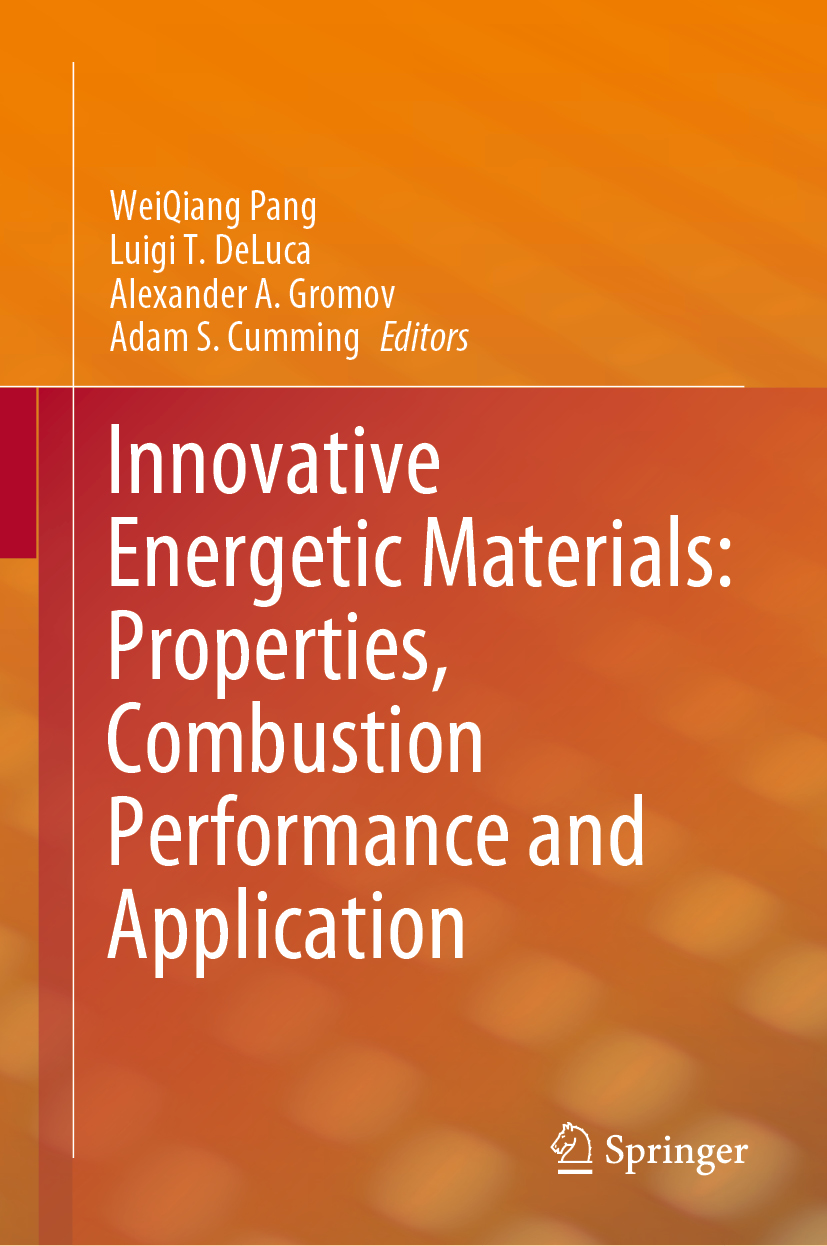
Innovative Energetic Materials This book focuses on the combustion performance and application of innovative energetic materials for solid and hybrid space rocket propulsion. It provides a comprehensive overview of advanced technologies in the field of innovative energetic materials and combustion performance, introduces methods of modeling and diagnosing the aggregation/agglomeration of active energetic metal materials in solid propellants, and investigates the potential applications of innovative energetic materials in solid and hybrid propulsion. In addition, it also provides step-by-step solutions for sample problems to help readers gain a good understanding of combustion performance and potential applications of innovative energetic materials in space propulsion. This book serves as an excellent resource for researchers and engineers in the field of propellants, explosives, and pyrotechnics. TECHNOLOGY & ENGINEERING,Materials Science,General
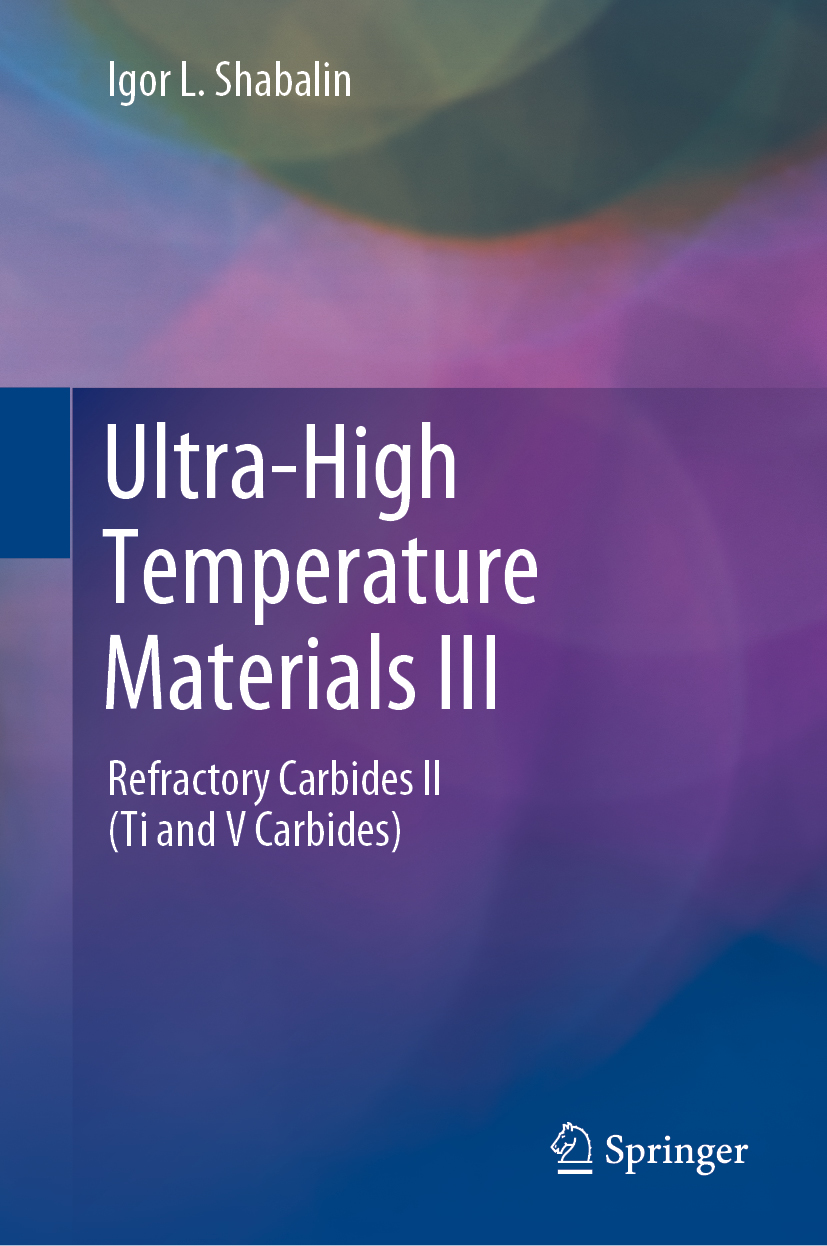
Ultra-High Temperature Materials III This exhaustive work in several volumes and over 2500 pages provides a thorough treatment of ultra-high temperature materials (with melting points around or over 2500 °C). The first volume focuses on carbon (graphene/graphite) and refractory metals (W, Re, Os, Ta, Mo, Nb and Ir), whilst the second and third are dedicated to refractory transition metal 4-5 groups carbides. Topics included are physical (structural, thermal, electro-magnetic, optical, mechanical, nuclear) and chemical (more than 3000 binary, ternary and multi-component systems, including those used for materials design, data on solid-state diffusion, wettability, interaction with various elements and compounds in solid and liquid states, gases and chemicals in aqueous solutions) properties of these materials. It will be of interest to researchers, engineers, postgraduate, graduate and undergraduate students alike. The readers/users are provided with the full qualitative and quantitative assessment, which is based on the latest updates in the field of fundamental physics and chemistry, nanotechnology, materials science, design and engineering. TECHNOLOGY & ENGINEERING,Materials Science,General

Second RILEM International Conference on Concrete and Digital Fabrication This book gathers peer-reviewed contributions presented at the 2nd RILEM International Conference on Concrete and Digital Fabrication (Digital Concrete), held online and hosted by the Eindhoven University of Technology, the Netherlands from 6-9 July 2020. Focusing on additive and automated manufacturing technologies for the fabrication of cementitious construction materials, such as 3D concrete printing, powder bed printing, and shotcrete 3D printing, the papers highlight the latest findings in this fast-growing field, addressing topics like mixture design, admixtures, rheology and fresh-state behavior, alternative materials, microstructure, cold joints & interfaces, mechanical performance, reinforcement, structural engineering, durability and sustainability, automation and industrialization. TECHNOLOGY & ENGINEERING,Materials Science,General
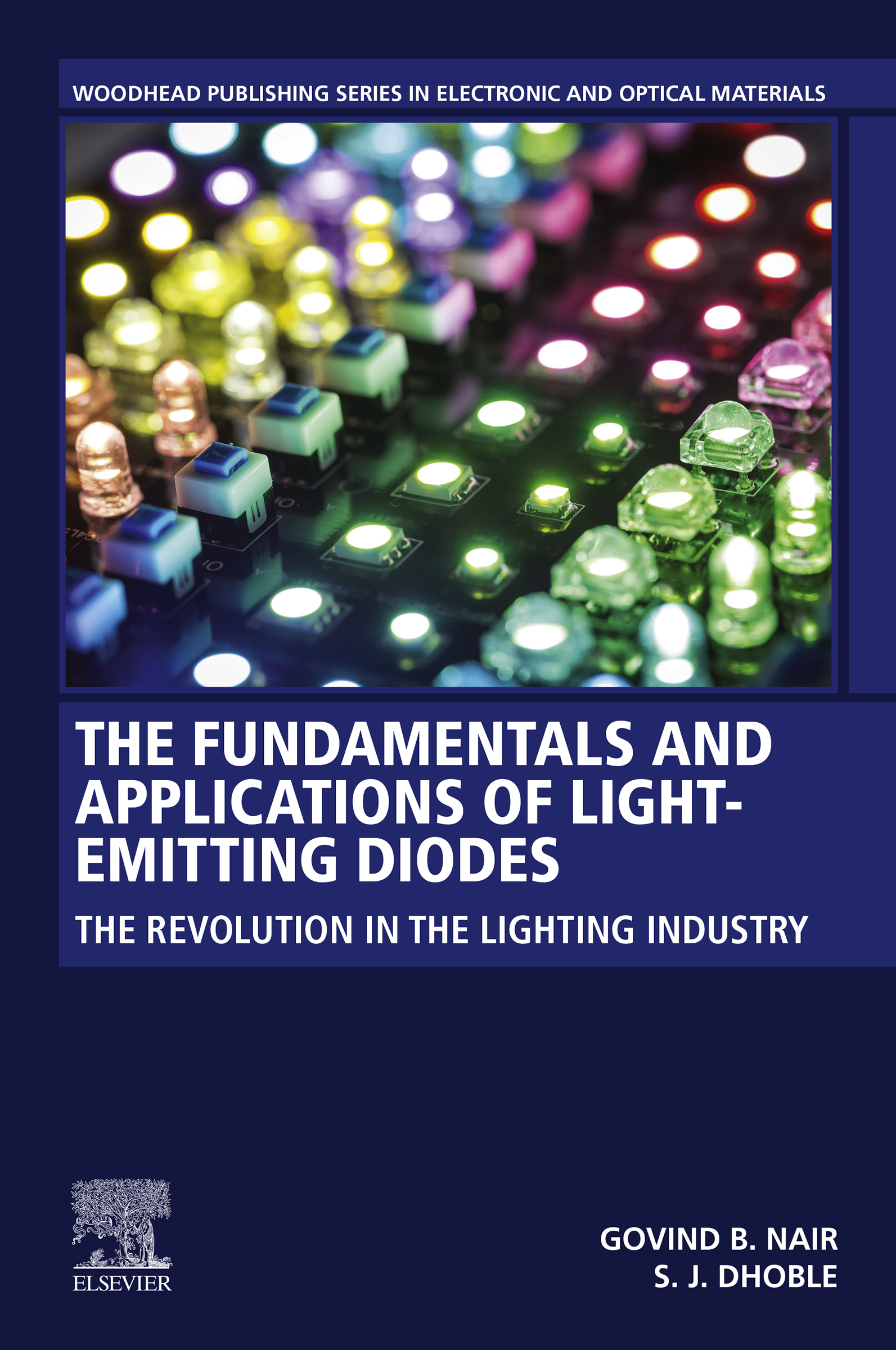
The Fundamentals and Applications of Light-Emitting Diodes The Fundamentals and Applications of Light-Emitting Diodes: The Revolution in the Lighting Industry examines the evolution of LEDs, including a review of the luminescence process and background on solid state lighting. The book emphasizes phosphor-converted LEDs that are based on inorganic phosphors but explores different types of LEDs based on inorganic, organic, quantum dots, perovskite-structured materials, and biomaterials. A detailed description is included about the diverse applications of LEDs in fields such as lighting, displays, horticulture, biomedicine, and digital communication, as well as challenges that must be solved before using LEDs in commercial applications. Traditional light sources are fast being replaced by light-emitting diodes (LEDs). The fourth generation of lighting is completely dominated by LED luminaires. Apart from lighting, LEDs have extended their hold on other fields, such as digital communications, horticulture, medicine, space research, art and culture, display devices, and entertainment. The technological promises offered by LEDs have elevated them as front-runners in the lighting industry. Presents a concise overview of different types of light-emitting diodes (LEDs) based on inorganic phosphors, organic materials, quantum dots, perovskite-structured materials, and biomaterials Includes a discussion of current and emerging applications in lighting, communications, horticulture, and medical fields Addresses fundamentals, luminescence mechanisms, and key optical materials, including synthesis methods TECHNOLOGY & ENGINEERING,Materials Science,General
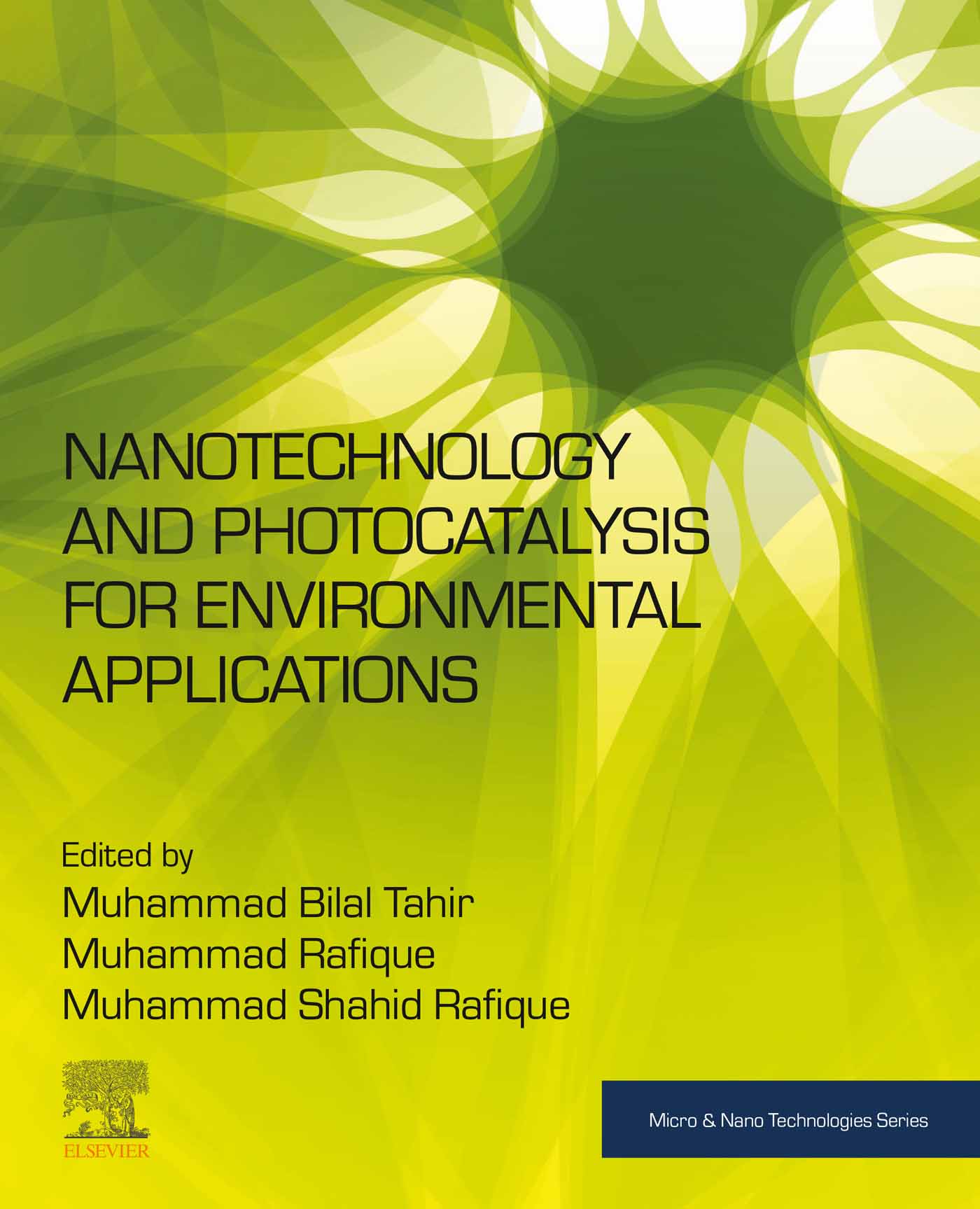
Nanotechnology and Photocatalysis for Environmental Applications Nanotechnology and Photocatalysis for Environmental Applications focuses on nanostructured control, synthesis methods, activity enhancement strategies, environmental applications, and perspectives of semiconductor-based nanostructures. The book offers future guidelines for designing new semiconductor-based photocatalysts, with low cost and high efficiency, for a range of products aimed at environmental protection. The book covers the fundamentals of nanotechnology, the synthesis of nanotechnology, and the use of metal oxide, metal sulfide, and carbon-based nanomaterials in photocatalysis. The book also discusses the major challenges of using photocatalytic nanomaterials on a broad scale. The book then explores how photocatalytic nanomaterials and nanocomposites are being used for sustainable development applications, including environmental protection, pharmaceuticals, and air purification. The final chapter considers the recent advances in the field and outlines future perspectives on the technology. This is an important reference for materials scientists, chemical engineers, energy scientists, and anyone looking to understand more about the photocatalytic potential of nanomaterials, and their possible environmental applications. Explains why the properties of semiconductor-based nanomaterials make them particularly good for environmental applications Explores how photocatalytic nanomaterials and nanocomposites are being used for sustainable development applications, including environmental protection, pharmaceuticals, and air purification Discusses the major challenges of using photocatalytic nanomaterials on a broad scale TECHNOLOGY & ENGINEERING,Materials Science,General
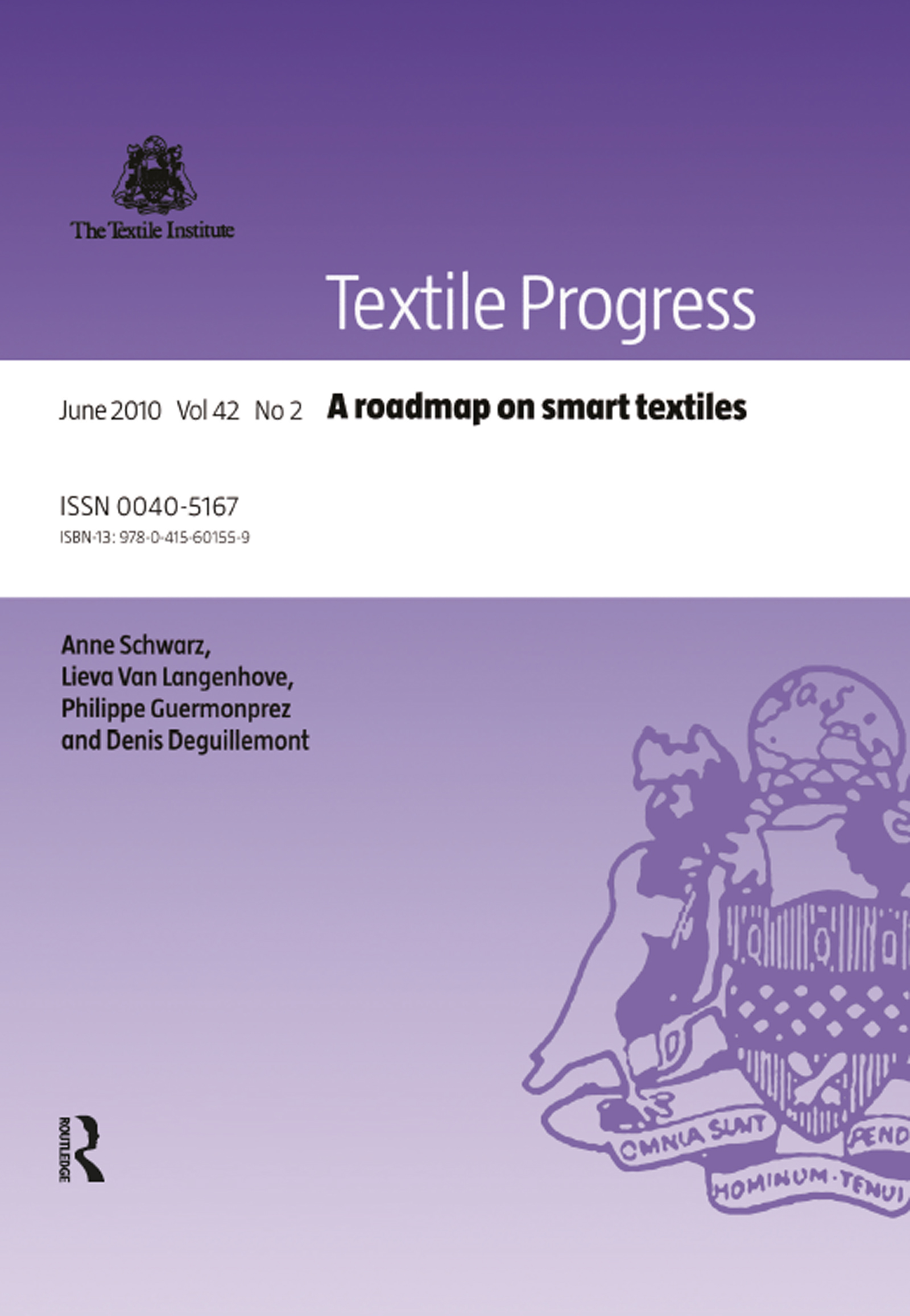
A Roadmap on Smart Textiles In order to stimulate the progress in smart textiles, emerging developments need to be identified and selectively strengthened. Hence, this issue reports on a three-dimensional roadmap on smart textiles. It aims at contributing to set future actions in research, education and technology development. Research activities and technological developments are mapped, barriers and drivers of technological, strategic and societal and economical origins are identified. Finally, recommendations are phrased on how to overcome barriers and to progress in the field of smart textiles. TECHNOLOGY & ENGINEERING,Materials Science,General
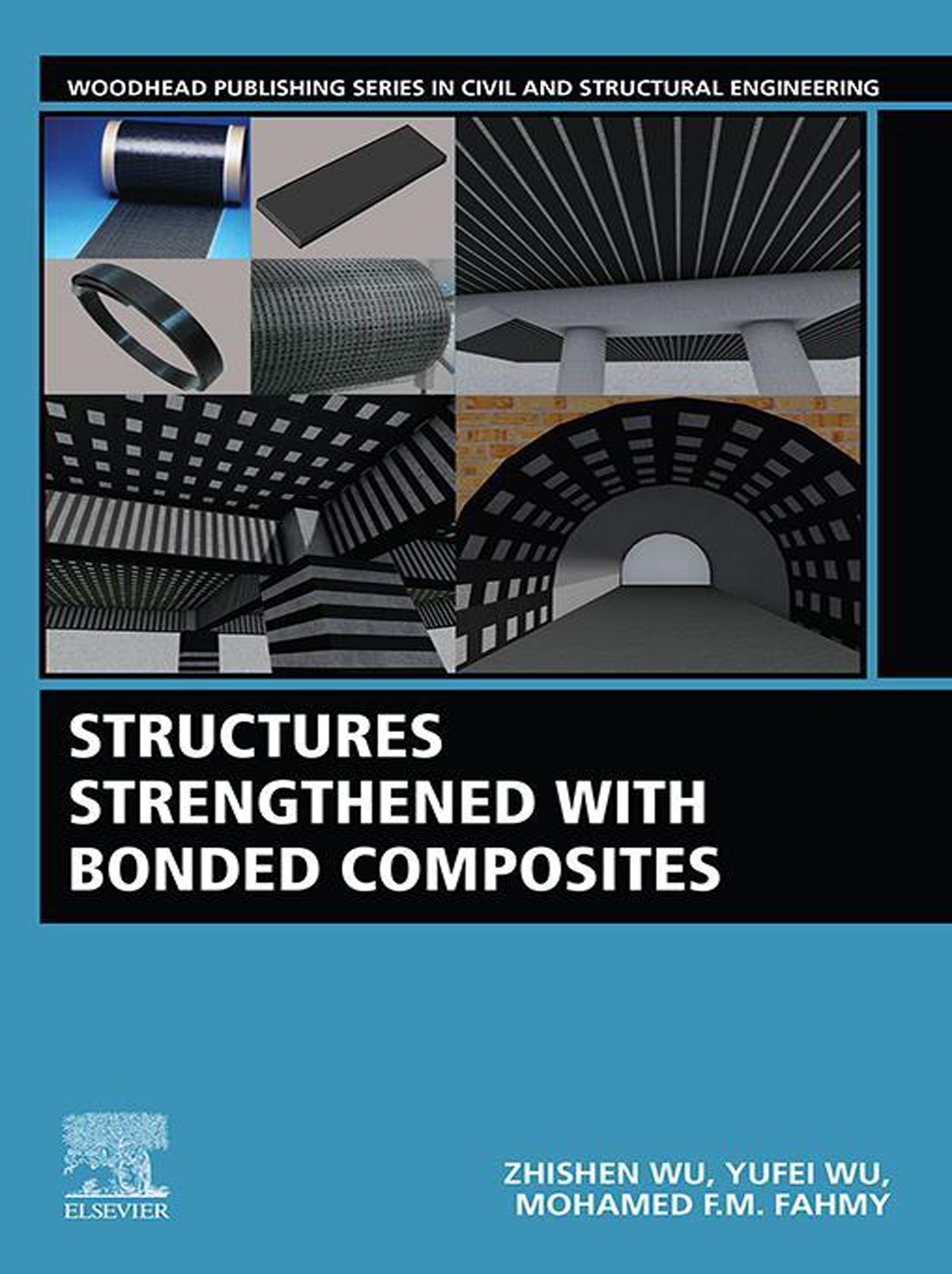
Structures Strengthened with Bonded Composites Structures Strengthened with Bonded Composites presents a comprehensive resource on the strengthening of concrete, reinforced and prestressed concrete, masonry, steel and other composite structures using externally-bonded FRP composites. The book emphasizes a systematic and fundamental investigation on bonding and debonding behavior of the FRP-concrete interface and structural performances of FRP-strengthened structures with a combination of experimental, theoretical and numerical studies. This book will appeal to all those concerned with strengthening and retrofitting of existing structures from the effect of additional anticipated loads in the civil sector. Discusses the FRP strengthening of different types of structures, including bridges, tunnels, buildings, historic structures and underwater constructions Establishes a systematic theory on interfacial fracture mechanics and clarifies different debonding mechanisms Describes design methods and makes comparison of design considerations and methods among different countries Presents temperature and fatigue effects and long-term behavior for different strengthening methods TECHNOLOGY & ENGINEERING,Materials Science,General
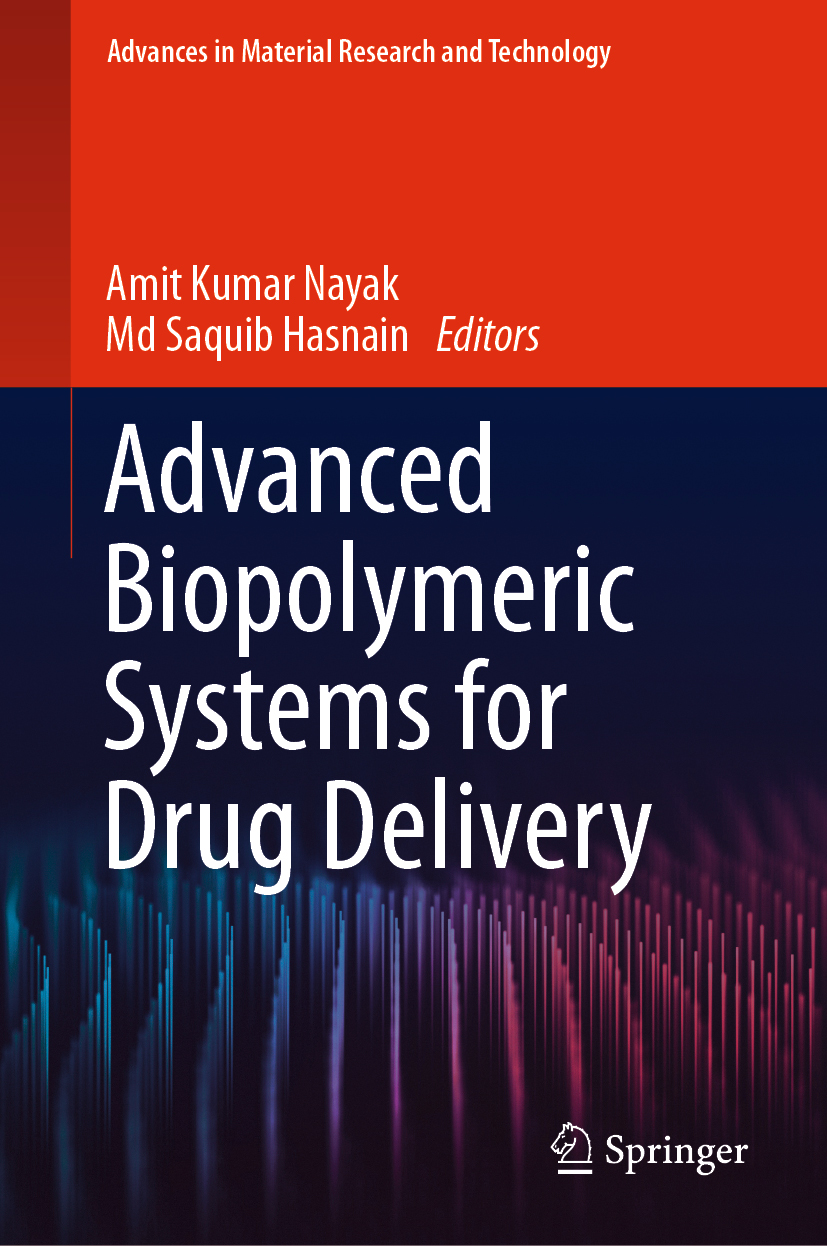
Advanced Biopolymeric Systems for Drug Delivery This book discusses the recent innovations in the development of various advanced biopolymeric systems, including gels, in situ gels, hydrogels, interpenetrating polymer networks (IPNs), polyelectrolyte complexes (PECs), graft co-polymers, stimuli-responsive polymers, polymeric nanoparticles, nanocomposites, polymeric micelles, dendrimers, liposomes and scaffolds. It also examines their applications in drug delivery. TECHNOLOGY & ENGINEERING,Materials Science,General
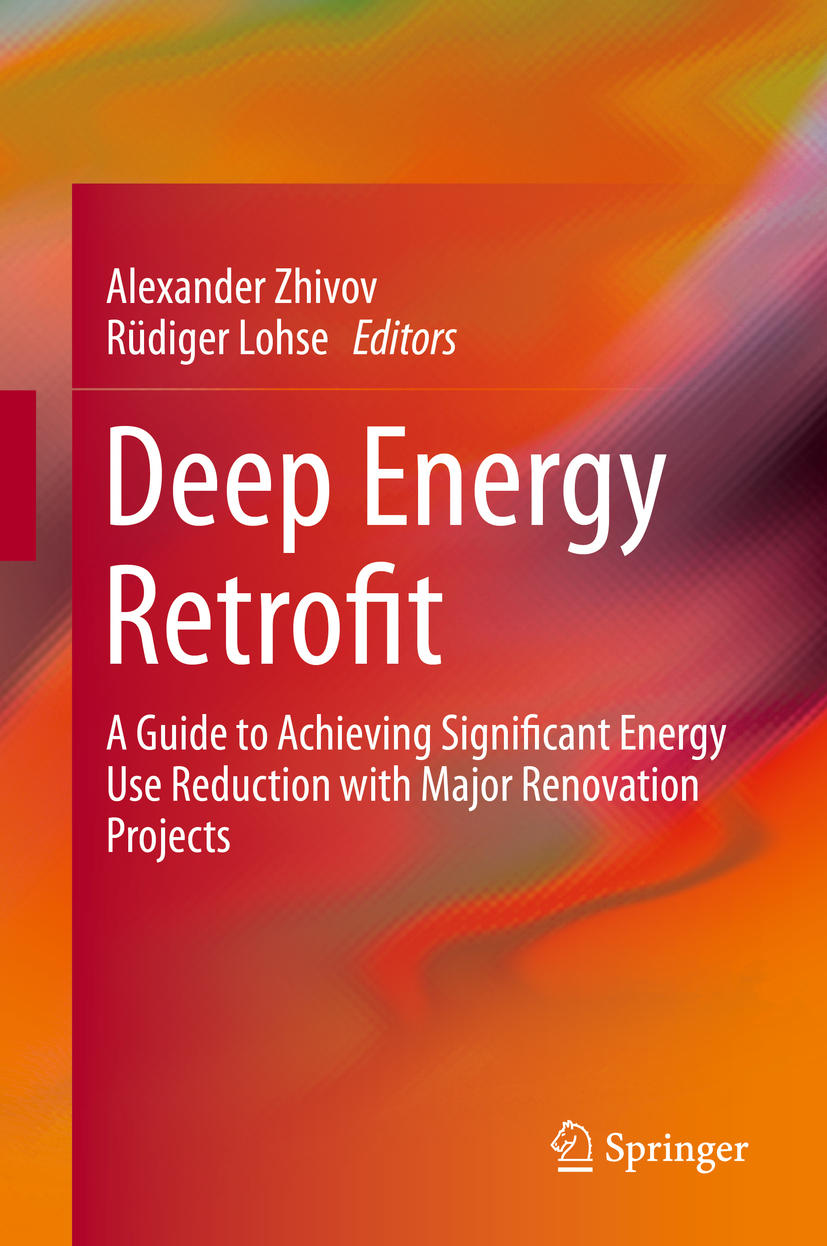
Deep Energy Retrofit This book provides detailed information on how to set up Deep Energy Retrofits (DERs) in public buildings, and shares in-depth insights into the current status of the major technologies, strategies and best practice examples of how to cost-effectively combine them. Case studies from the U.S.A. and Europe show that that Deep Energy Retrofit can be achieved with a limited core technologies bundle readily available on the market. Characteristics of some of these core technology measures depend on the technologies available on an individual nation’s market, on the minimum requirements of national standards, and on economics (as determined by a life cycle cost analysis). Also, requirements to building envelope-related technologies (e.g., insulation levels, windows, vapor and water barriers, and requirements for building airtightness) depend on specific climate conditions. This Guide provides best practice examples of how to apply these technologies in different construction situations.High levels of energy use reduction using core technology bundles along with improvements in indoor climate and thermal comfort can be only achieved when a Deep Energy Retrofit adopts a quality assurance process. In addition to design, construction, commissioning, and post-occupancy phases of the quality assurance process, the Guide emphasizes the importance of clearly and concisely formulating and documenting the Owner’s goals, expectations, and requirements for the renovated building during development of the statement of work. Another important component of the quality assurance process is a procurement phase, during which bidders’ qualifications, their understanding of the scope of work and its requirements, and their previous experience are analyzed. The building sector holds the potential for tremendous improvements in terms of energy efficiency and reducing carbon emissions, and energy retrofits to the existing building stock represent a significant opportunity in the transition to a low-carbon future. Moreover, investing in highly efficient building materials and systems can replace long-term energy imports, contribute to cost cutting, and create a wealth of new jobs. Yet, while the technologies needed in order to improve energy efficiency are readily available, significant progress has not yet been made, and “best practices†for implementing building technologies and renewable energy sources are still relegated to small “niche†applications.Offering essential information on Deep Energy Retrofits, the book offers a valuable asset for architects, public authorities, project developers, and engineers alike. TECHNOLOGY & ENGINEERING,Materials Science,General
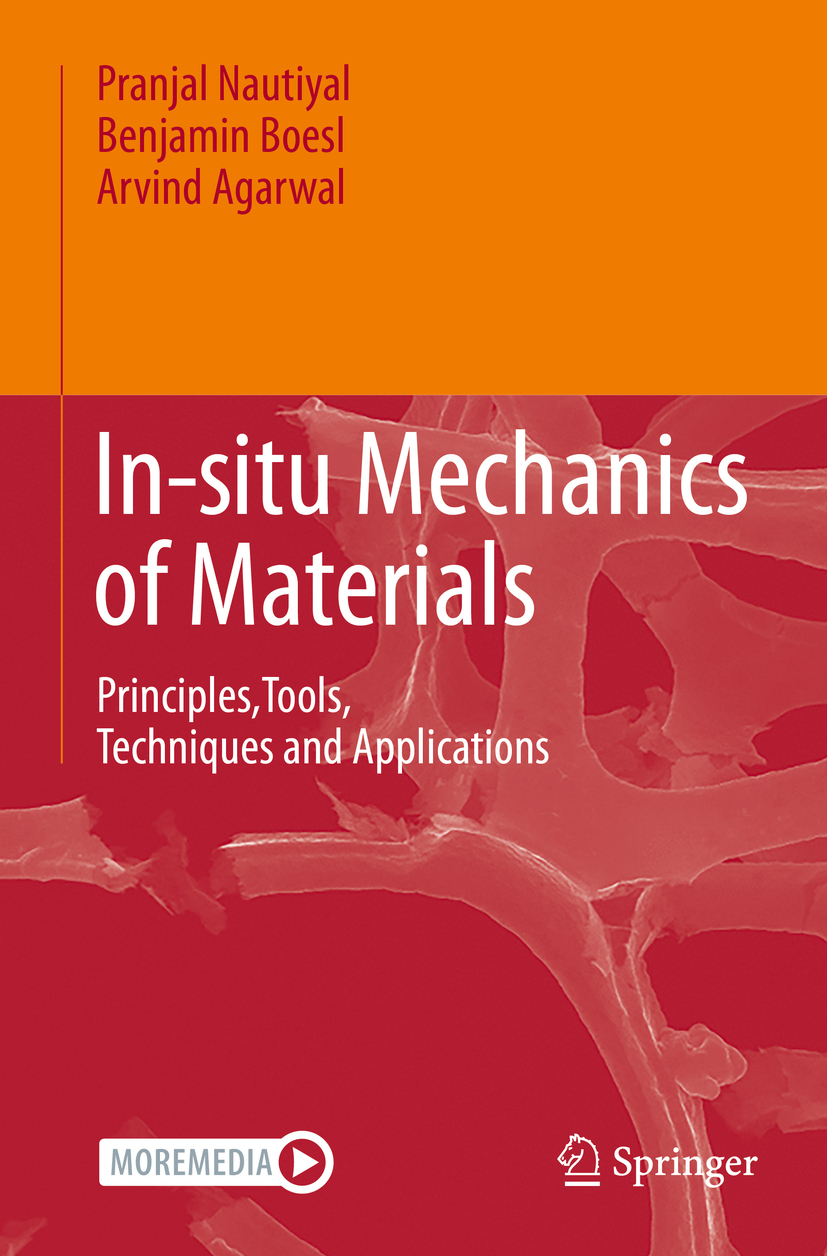
In-situ Mechanics of Materials This is the first comprehensive book to address in-situ mechanics approach, which relies on real-time imaging during mechanical measurements of materials. The book presents tools, techniques and methods to interrogate the deformation characteristics of a wide array of material classes, and how the mechanics and the material microstructures are correlated. In-situ approach provides unprecedented ability to decipher the mechanical behavior of materials from atomic length scales all the way up to bulk-scale, which is not possible using conventional means. The book also addresses how to capture the deformation behavior of materials under different stress-states and extreme environments. The book will be useful to the new generation of students, scientists and researchers working on the frontiers of material design and innovation as they aim to develop new materials with predictable mechanical properties and technological applications. This book can also serve as a textbook aimed at upper-level undergraduates and graduate-level students who are beginning to delve into the mechanics of materials. Catering to a generation of students that appreciates videos as a didactic tool, this book contains numerous videos to supplement problems, solutions, and case studies. TECHNOLOGY & ENGINEERING,Materials Science,General
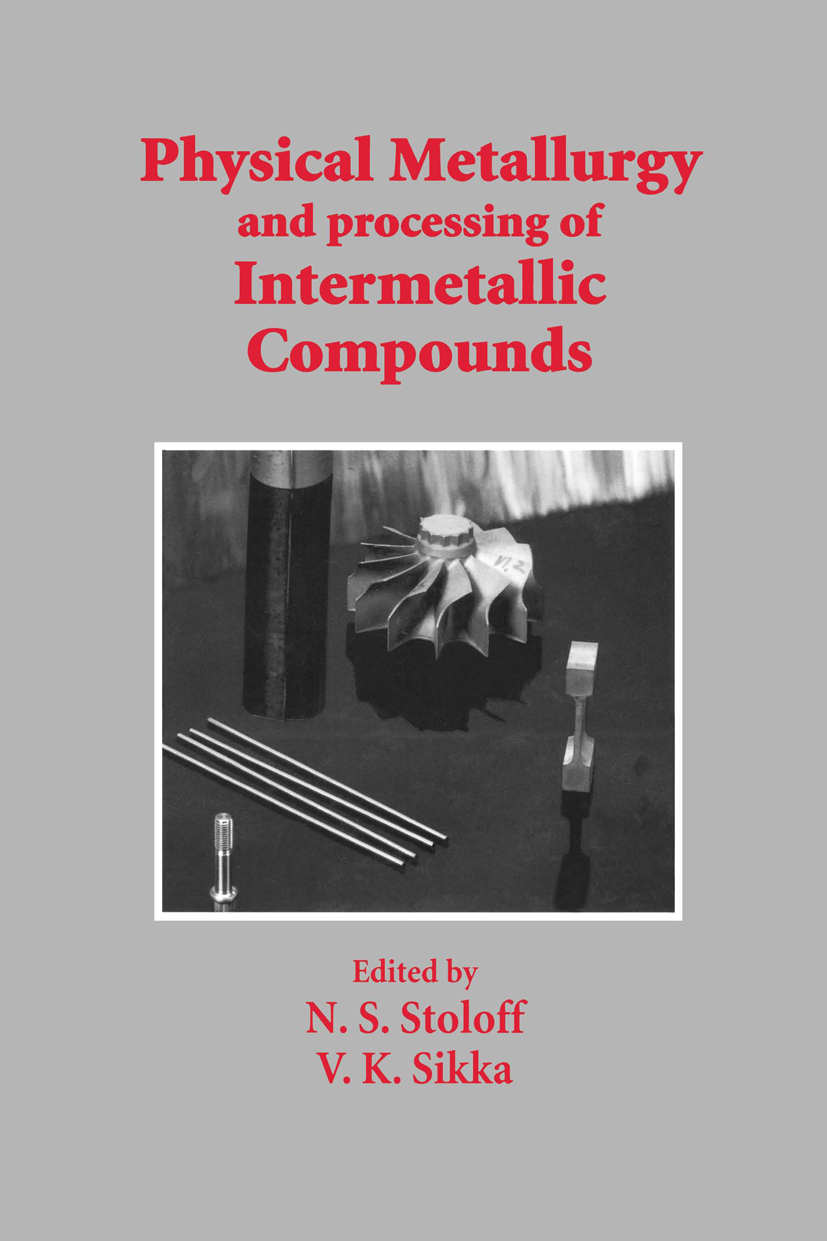
Physical Metallurgy and processing of Intermetallic Compounds The attractive physical and mechanical properties of ordered intermetallic alloys have been recognized since early in this century. However, periodic attempts to develop intermetallics for structural applications were unsuc cessful, due in major part to the twin handicaps of inadequate low-temper ature ductility or toughness, together with poor elevated-temperature creep strength. The discovery, in 1979, by Aoki and Izumi in Japan that small additions of boron caused a dramatic improvement in the ductility of Ni3Al was a major factor in launching a new wave of fundamental and applied research on intermetallics. Another important factor was the issuance in 1984 of a National Materials Advisory Board reported entitled "Structural Uses for Ductile Ordered Alloys," which identified numerous potential defense-related applications and proposed the launching of a coordinated development program to gather engineering property and processing data. A substantial research effort on titanium aluminides was already underway at the Air Force Materials Laboratory at Wright Patterson Air Force Base in Ohio and, with Air Force support, at several industrial and university laboratories. Smaller programs also were under way at Oak Ridge National Laboratory, under Department of Energy sponsorship. These research efforts were soon augmented in the United States by funding from Department of Defense agencies such as Office of Naval Research and Air Force Office of Scientific Research, and by the National Science Foundation. TECHNOLOGY & ENGINEERING,Materials Science,Metals & Alloys
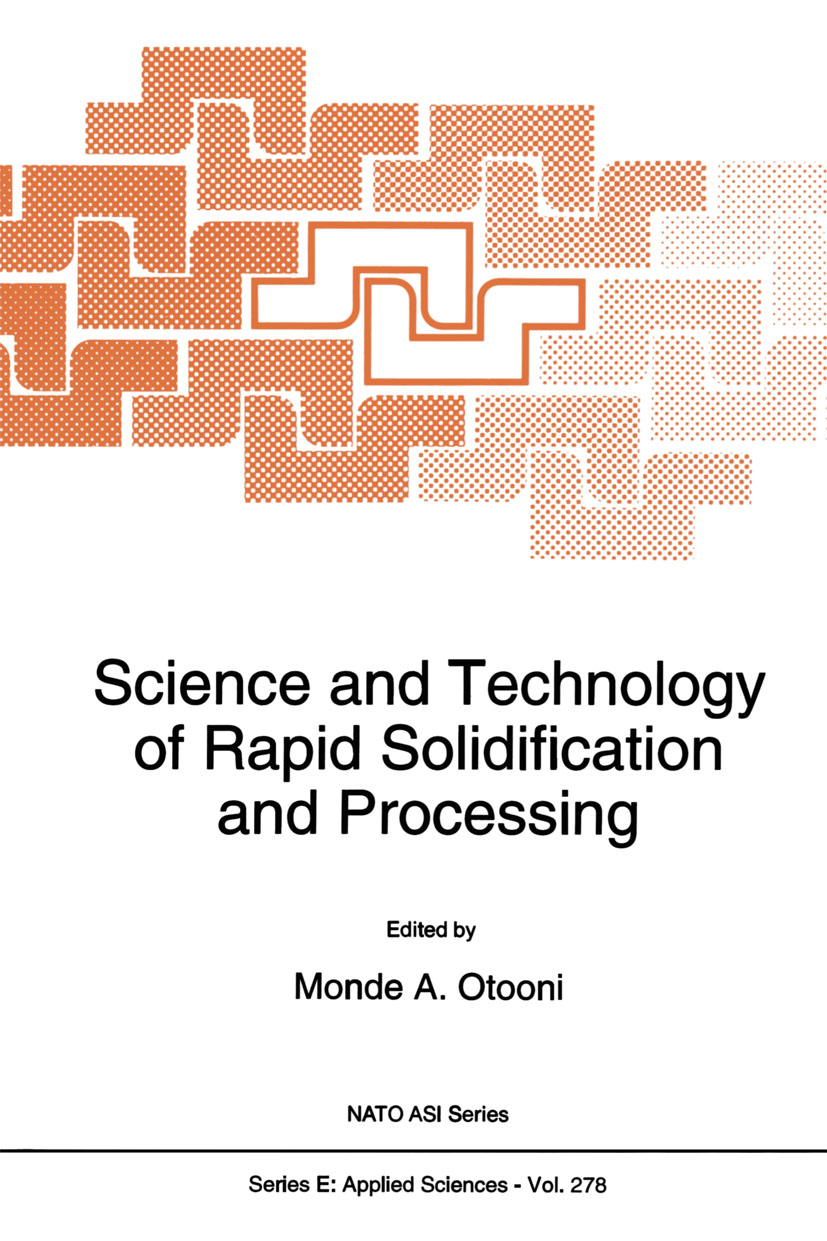
Science and Technology of Rapid Solidification and Processing Proceedings of the NATO Advanced Research Workshop, West Point Military Academy, New York, NY, U.S.A., June 21--24, 1994 TECHNOLOGY & ENGINEERING,Materials Science,Metals & Alloys
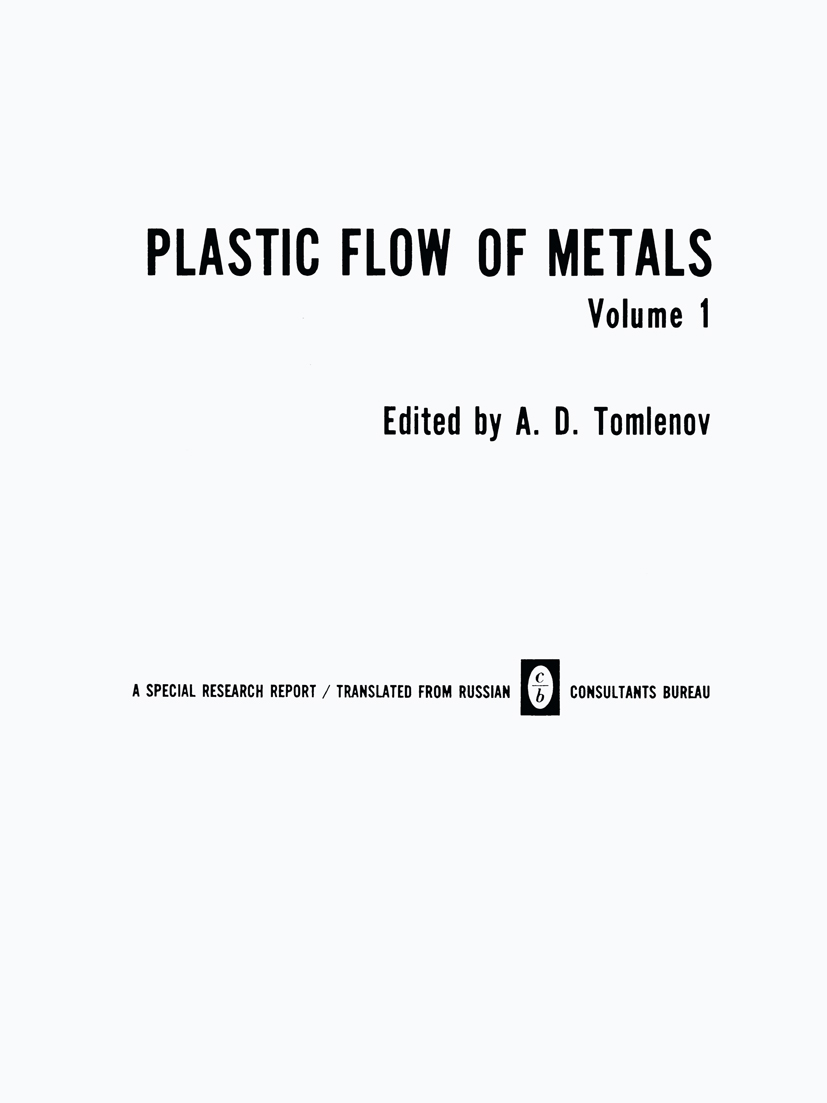
Plastic Flow of Metals Boundary Conditions in Problems of Plane Plastic Flow.- Hydraulic Testing of Sheet Metals and Their Welded Joints under Biaxial Tension.- Plastic Casting Changes Taking into Account Instrument and Article Elastic Deformations.- Determination of the Stress Field in the Flange of a Blank at the Start of Drawing.- Loss of Rigidity of Thin Anisotropic Plates and Sloping Casings in the Plastic Region.- Analysis of the Cutting of a Blank with Scissors.- Determination of the Mean Deformation Intensities and Deformation Rates during Cutting of a Blank.- Effect of Instrument Speed on Plastic Forming of Sheet Metal.- Distribution of Shrinkages during Dressing Off of Sheet Metal for Deep Drawing.- Sheet Rolling under Maximum Friction Conditions.- Effect of Anisotropy on the Forming of Parts of Complex Configuration.- Determination of Residual Stresses in Plastically Compressed Thin Sheets.- Regulating the Plastic Deformation of a Metal during Explosive Stamping.- Plastic Forming of Sheet Metal with the Help of a Spherical Punch. TECHNOLOGY & ENGINEERING,Materials Science,Metals & Alloys

Surface Phenomena in Metallurgical Processes Surface phenomena in the field of high-temperature processes are attracting ever increasing attention on the part of scientific workers and engineers. In this field, many questions of applied science cannot properly be solved without taking into account the characteristics caused by surface phenomena at the various interfaces. The importance of surface phenomena in the pyrometallurgy of nonferrous and ferrous metals was convincingly demonstrated at a scientific conference on this problem held in Moscow towards the end of 1961. The English translation of the transactions of this conference, "Surface Phenomena in Metallurgical Processes, .. and its publication in the USA will ena ble American scientists and engineers working in the field of surface phenomena and metallurgy to acquaint themselves with the work of Russian investigators in this inter esting field of physical chemistry and the theory of metallurgical processes. In the Soviet Union, important groups of scientists in Moscow, Leningrad, Kiev, Sverdlovsk. and other cities are engaged in the study of surface phenomena as applied to the different branches of metallurgy. We trust that the publication of the American edition of the book "Surface Phenomena in Metallurgical Processes" will help to strengthen the scientific bonds between Soviet and American scientists. TECHNOLOGY & ENGINEERING,Materials Science,Metals & Alloys
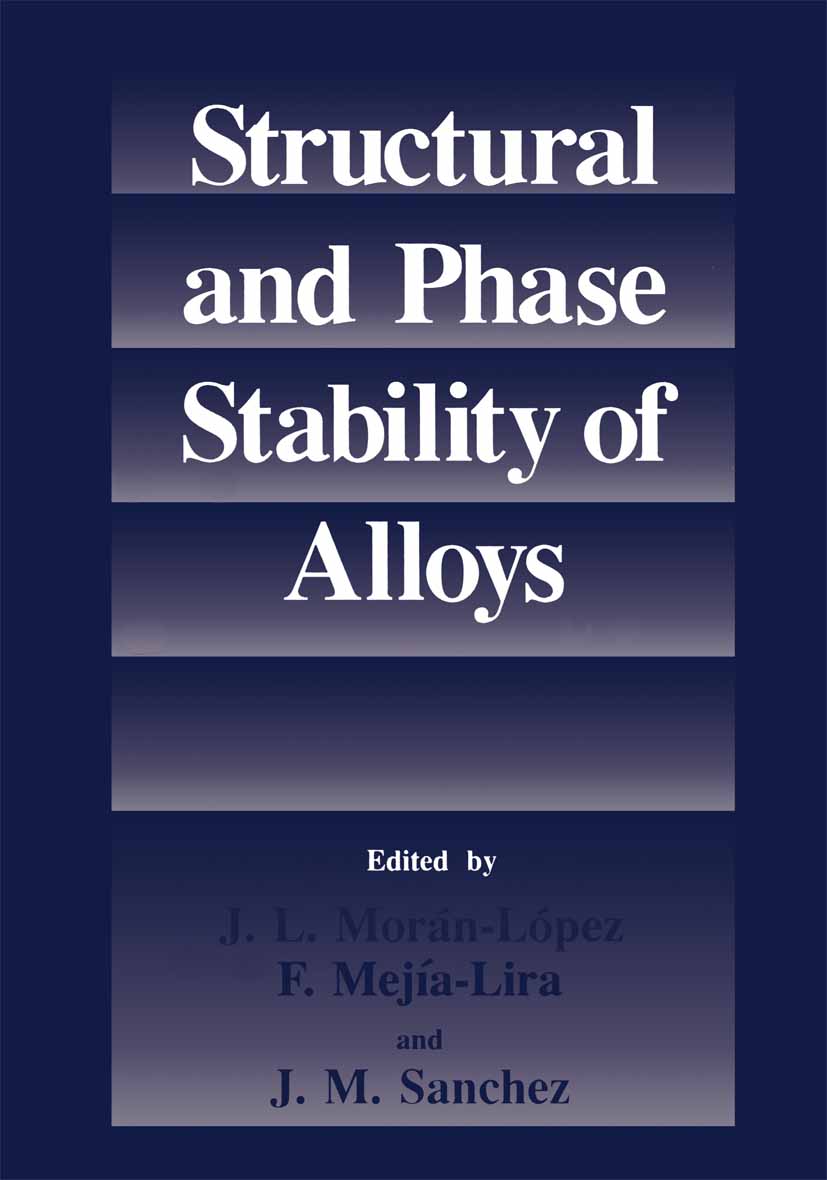
Structural and Phase Stability of Alloys This vohune contains the papers presented at the Adriatico Research Conference on Structural and Phase Stability of Alloys held in Trieste, Italy, in May 1991, under the auspices of the International Centre for Theoretical Physics. The conference brought together participants with a variety of interests in theoretical and experimental aspects of alloys from Argentina, Belgium, Bulgaria, Czechslovakia, France, Germany, Italy, Japan, Mexico, People's Republic of Congo,Portugal, Switzerland, United Kingdom, United States, U. S. S. R. , and Venezuela. The conference was purposely designed to succinctly cover experimental and the oretical aspects of magnetic and non-magnetic alloys, surfaces, thin films and nanos tructures. The Conference opened with an overview of a select class of advanced structural materials, with a potential in engineering applications, for which the con ventional "physics" approach, both theoretical and experimental, should have a sig nificant impact. A number of papers were dedicated to the use of phenomenological approaches for the description of thermodynamic bulk and surface properties. It was clear from these presentations that the phenomenological models and simulations in alloy theory have reached a high degree of sophistication. Although with somewhat limited predictive powers, the phenomenological models provide a valuable tool for the understanding of a variety of subtle phenomena such as short-range order, phase stability, kinetics and the thermodynamics of surfaces and antiphase boundaries, to name a few. TECHNOLOGY & ENGINEERING,Materials Science,Metals & Alloys

Ordered Intermetallics Proceedings of the NATO Advanced Research Workshop, Irsee, Germany, June 23-28, 1991 TECHNOLOGY & ENGINEERING,Materials Science,Metals & Alloys
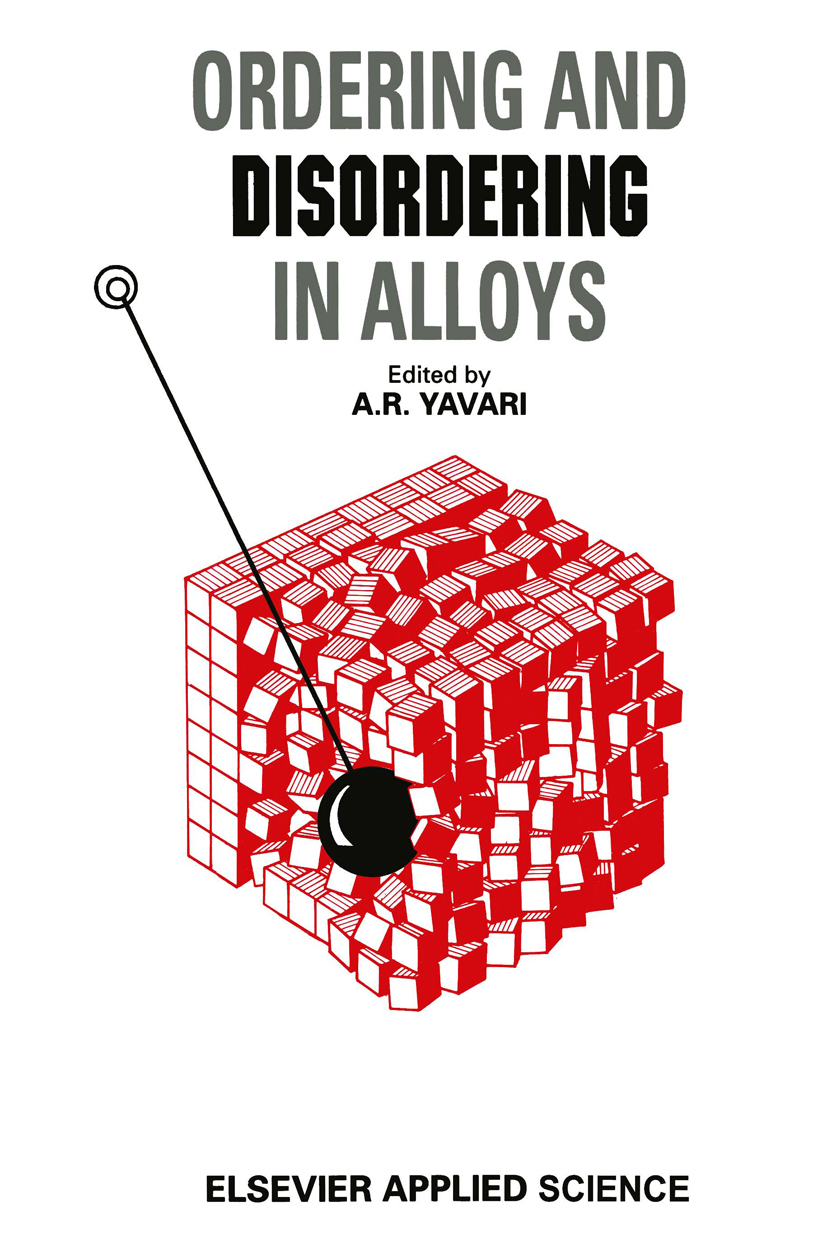
Ordering and Disordering in Alloys Proceedings of the European Workshop on Ordering and Disordering held in Grenoble, France, 10-12 July 1991. TECHNOLOGY & ENGINEERING,Materials Science,Metals & Alloys
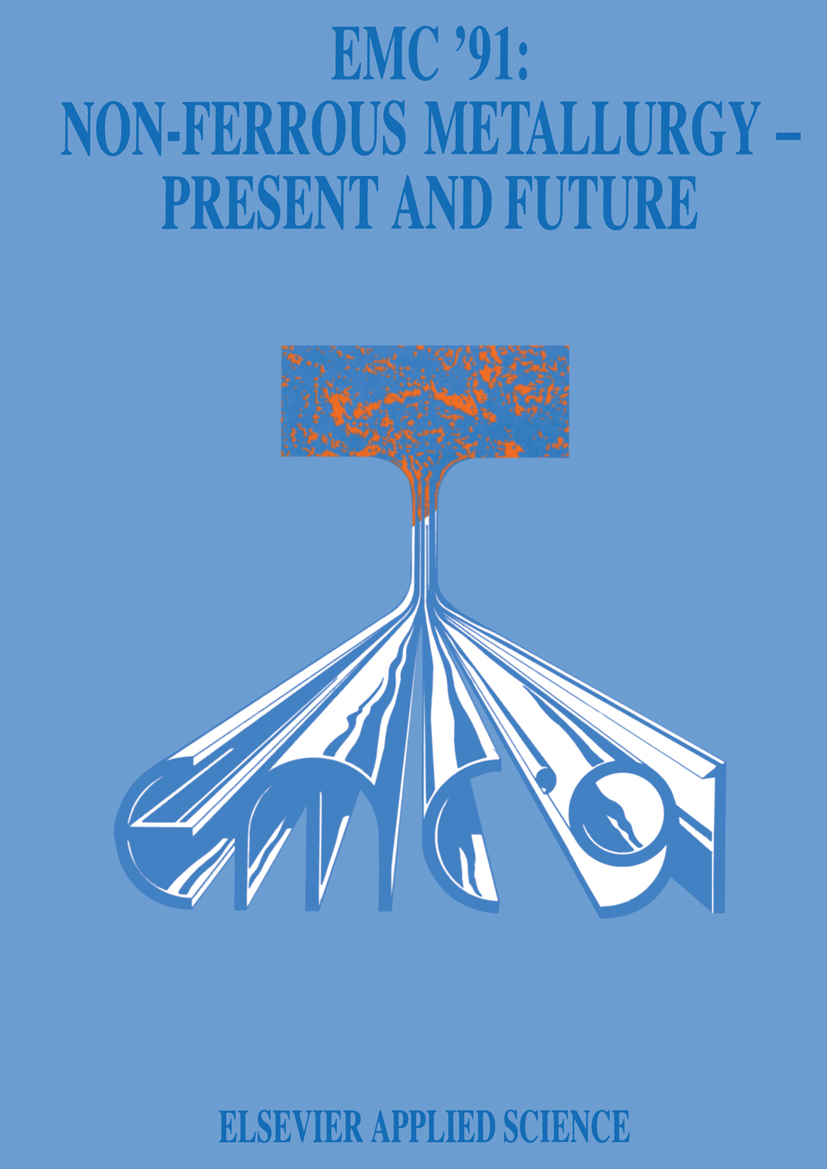
EMC ’91 This volume contains the papers that will be presented at 'EMC '91 '-the European Metals Conference-to be held in Brussels, Belgium, from 15 to 20 September 1991, and organized by Benelux Metallurgie, GDMB (Gesellschaft Deutscher Metallhutten und Bergleute) and IMM (the Institution of Mining and Metallurgy). 'EMC '91' is the first of an intended major series organized at the European level with the aim of bringing together all those who are involved with the extraction and processing of non-ferrous metals-European metallurgists and their international colleagues-to provide them with the opportunity to exchange views on the state and evolution of their industry. The programme covers all the different aspects of the metallurgy of non-ferrous metals from mining to fabricated products. Particular attention is being paid to the European non -ferrous industry with respect to changes in demand, the technology used, pressures on the environment and the competitive position of manufacturers. The contributions of the plenary lecturers (copies of which will appear in the IMM journal Minerals Industry International in 1991-92) and the many authors are gratefully acknowledged. Thanks are also due to the referees of the papers, the sponsors, the companies that have allowed registrants to visit their operations, the chairmen of the technical sessions and the staffs of the organizing bodies for their efficient administrative work. Jean Vereecken Chairman, Organizing Committee July 1991 v Contents Foreword. . . . . . . . . . . . . . . . . . . . .. . . v . TECHNOLOGY & ENGINEERING,Materials Science,Metals & Alloys

The Extractive Metallurgy of Gold The history of gold begins in antiquity. Bits of gold were found in Spanish caves that were used by Paleolithic people around 40,000 B.C. Gold is the "child of Zeus," wrote the Greek poet Pindar. The Romans called the yellow metal aurum ("shining dawn"). Gold is the first element and first metal mentioned in the Bible, where it appears in more than 400 references. This book provides the most thorough and up-to-date information available on the extraction of gold from its ores, starting with the miner alogy of gold ores and ending with details of refining. Each chapter con cludes with a list of references including full publication information for all works cited. Sources preceded by an asterisk (*) are especially recom mended for more in-depth study. Nine appendices, helpful to both students and operators, complement the text. I have made every attempt to keep abreast of recent technical literature on the extraction of gold. Original publications through the spring of 1989 have been reviewed and cited where appropriate. This book is intended as a reference for operators, managers, and designers of gold mills and for professional prospectors. It is also designed as a textbook for extractive metallurgy courses. I am indebted to the Library of Engineering Societies in New York, which was the main source of the references in the book. The assistance of my son, Panos, in typing the manuscript is gratefully acknowledged. TECHNOLOGY & ENGINEERING,Materials Science,Metals & Alloys

African Mining ’91 The second 'African Mining' conference is planned for June 1991, and follows the first, very successful, event held in May 1987. That full four-year period was characterized by substantial changes in the political and economic climate of many countries in both hemispheres. Copper prices were relatively firm, and the advance and steady demand for nickel and ferrochromium stabilized important sectors of the mineral industry, certainly in Zimbabwe. The promise for gold remained unfulfilled, but the smaller, relatively flexible, mines survived and only the large, deep and low-value mines seem seriously at risk. None of this has affected the hungry, and intensive exploitations from surface to the water-table have revealed many targets of promise to those willing to take the risks. The pattern in Southern Africa was extraordinarily stable among the turmoil, with independence for Namibia, adjustments in South Africa and a gradual shift to market economies in the region. The pace of exploration has increased to recover some part of the progress that was lost in the Independence struggle, and atthe end of the first decade in Zimbabwe, for example, oil is being sought in the Zambesi Rift, following the investigation of the Luangwa in Zambia, and there are exciting exploration projects for methane released from coal, deep in its basins. TECHNOLOGY & ENGINEERING,Materials Science,Metals & Alloys
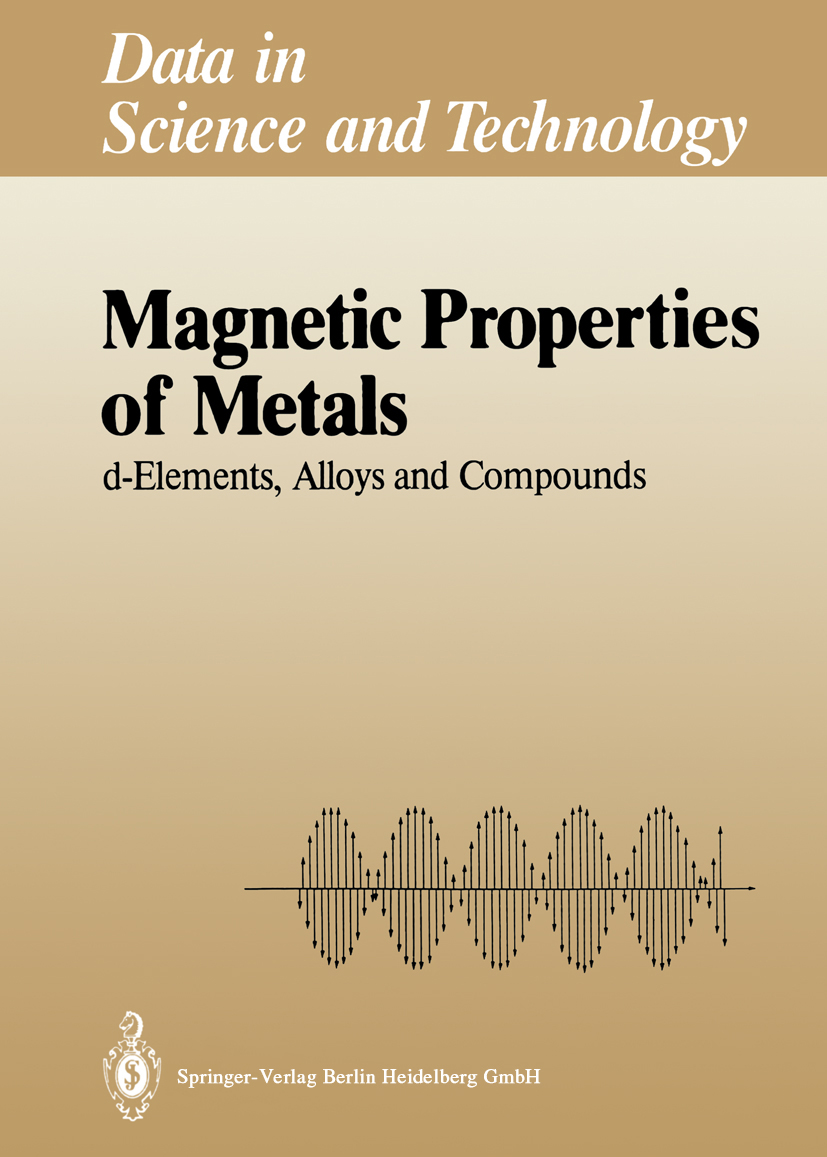
Magnetic Properties of Metals During the last decades the knowledge of the magnetic properties of the d transition elements and of their metallic alloys and compounds has increased widely. The improvement of preparation techniques for well-defined substances, the development of sophisticated measuring methods and above all the drive to obtain more insight in the origin of magnetic interactions in solids have resulted in the publication of many specific magnetic properties for an abundance of all kinds of metallic materials. The data assembled in this booklet are selected from the comprehensive compilation of magnetic and related properties of metals in the Landolt-Bornstein New Series Group III sub volumes 19a, band c. It has been attempted to include preferentially those properties which are of a basic character and which therefore are most often needed by scientists active in the field of solid state magnetism. In the field of magnetism, there is a gradual transition from the use of cgs/emu units to SI units. It was, however, not intended to represent all data in the units of one system, regardless of how nice this would have been from a systematic point of view. Instead, mostly preference was given to the system of units that was originally used by the authors whose work is quoted. Thus cgs/ emu units occur most frequently. Of colirse the user of the tables and figures is helped in several ways to convert the data to the units which he is most familiar with, see, e. g. TECHNOLOGY & ENGINEERING,Materials Science,Metals & Alloys
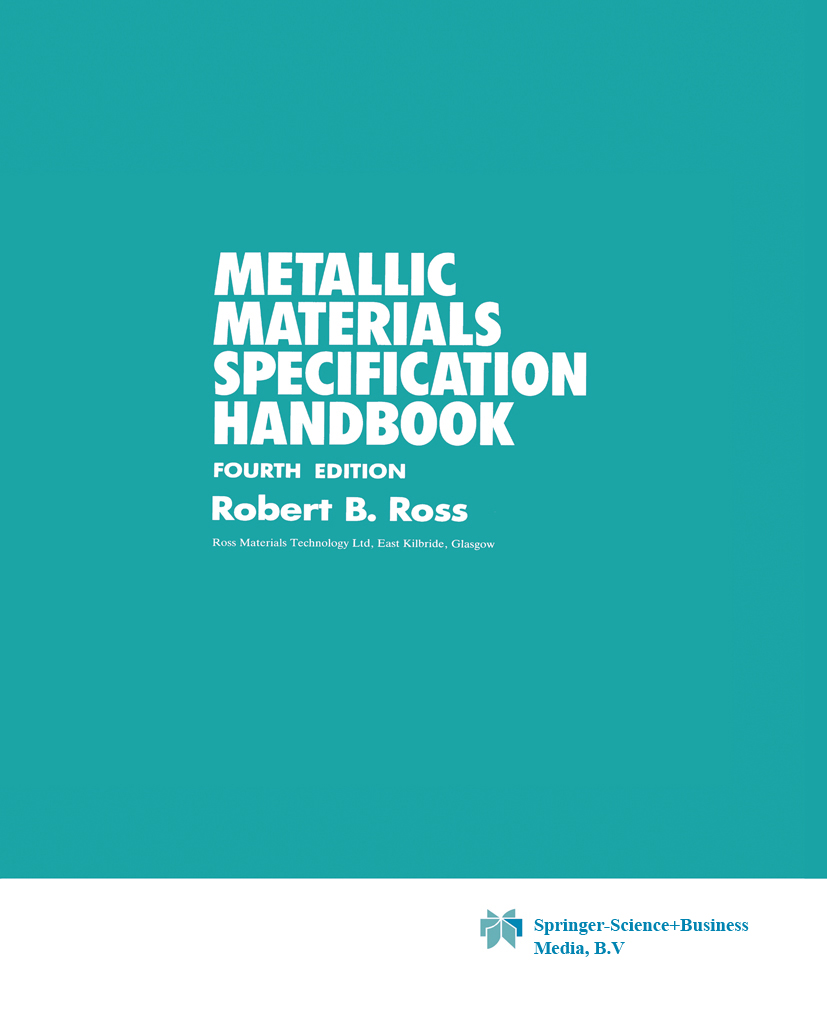
Metallic Materials Specification Handbook This book provides a comprehensive and authoritative source of information on metals and alloys. - Lavoisier Documentation; One can readily refer to literally thousands of current international specifications, identifify the materials suitable to meet them and, to a large extent, successfully locate the relevant suppliers. - Metals & Materials; ...as a convenient reference for established alloys, this handbook should continue to enjoy wide popularity - International Journal of Production Research TECHNOLOGY & ENGINEERING,Materials Science,Metals & Alloys

Prehistoric Gold in Europe Interest in the study of early European cultures is growing. These cultures have left us objects made of gold, other metals and ceramics. The advent of metal detectors, coupled with improved analytical techniques, has increased the number of findings of such objects enormously. Gold was used for economic and ceremonial purposes and thus the gold objects are an important key to our understanding of the social and political structures, as well as the technological achievements, of Bronze and Iron Age European societies. A correct interpretation of the information provided by gold and other metal objects requires the cooperation of experts in the fields of social, materials and natural science. Detailed investigation of gold deposits in Europe have revealed the composition and genesis of the deposits as sources of the metal. In Prehistoric Gold in Europe, a group of leading European geoscientists, metallurgists and archaeologists discuss the techniques of gold mining and metallurgy, the socioeconomic importance of gold as coinage and a symbol of wealth and status, and as an indicator of religious habits, as well as a mirror of trade and cultural relations mirrored by the distribution and types of gold objects in prehistoric times. TECHNOLOGY & ENGINEERING,Materials Science,Metals & Alloys

Essential Readings in Light Metals, Volume 1, Alumina and Bauxite ONE OF A FOUR-BOOK COLLECTION SPOTLIGHTING CLASSIC ARTICLESFive decades of landmark original research findings and reviews Highlighting some of the most important findings reported over the past five decades, this volume features some of the best technical papers published on alumina and bauxite from 1963 to 2011. Papers have been divided into thirteen subject sections for ease of access. Each section has a brief introduction and a list of recommended articles for researchers interested in exploring each subject in greater depth.Only about fifteen percent of the alumina and bauxite papers ever published in Light Metals were chosen for this volume. Selection was based on a rigorous review process. Among the papers, readers will find landmark original research findings and expert reviews summarizing current thinking on key topics at the time of publication.From basic research to advanced applications, the articles published in this volume collectively represent our body of knowledge in alumina and bauxite. Students, scientists, and engineers should turn to this volume to discover the historical development of alumina and bauxite research as well as the current state of the science and the technology. Moreover, the papers published in this volume will serve as a springboard for future research and discoveries. TECHNOLOGY & ENGINEERING,Materials Science,Metals & Alloys
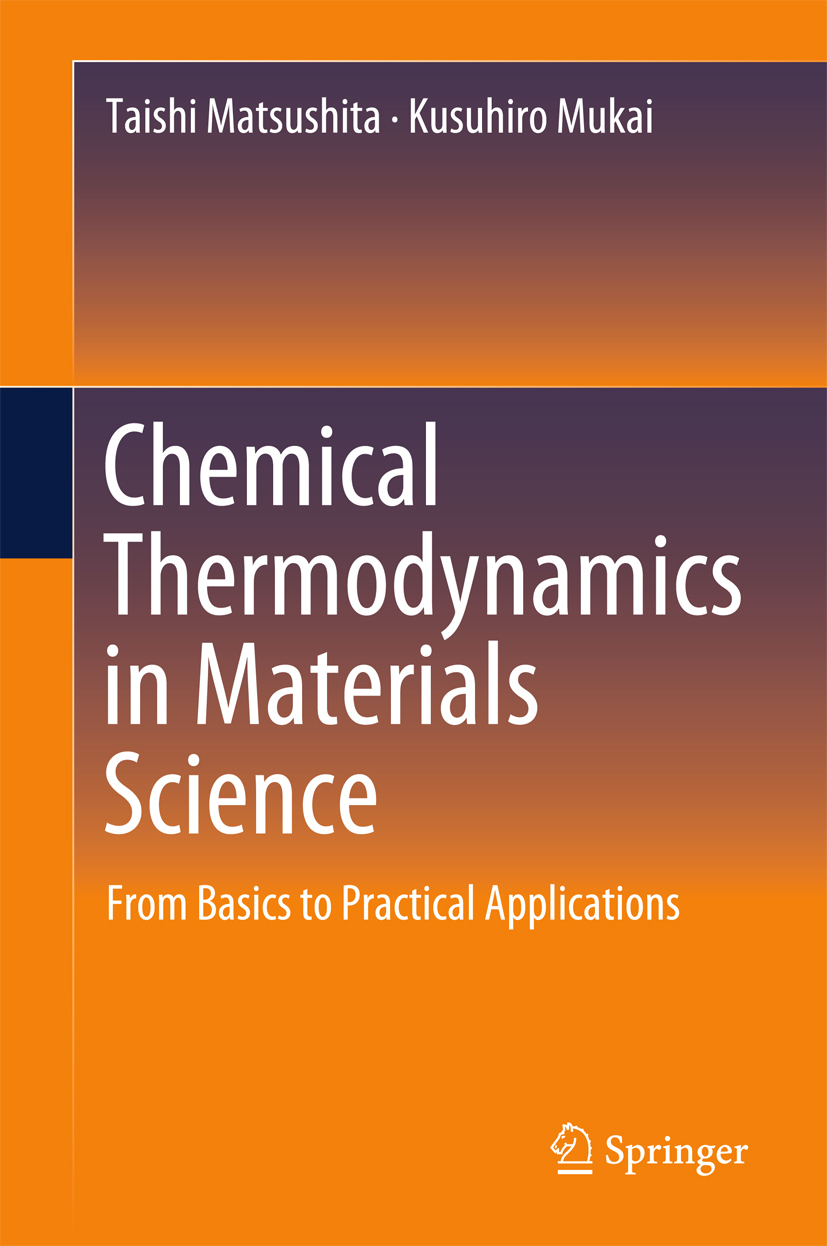
Chemical Thermodynamics in Materials Science This textbook covers chemical thermodynamics in materials science from basic to advanced level, especially for iron and steel making processes. To improve a process by applying knowledge of thermodynamics or to assess the calculation results of thermodynamic software, an accurate and systematic understanding of thermodynamics is required. For that purpose, books from which one can learn thermodynamics from the basic to the advanced level are needed, but such books are rarely published. This book bridges the gap between the basics, which are treated in general thermodynamic books, and their application, which are only partially dealt with in most specialized books on a specific field. This textbook can be used to teach the basics of chemical thermodynamics and its applications to beginners. The basic part of the book is written to help learners acquire robust applied skills in an easy-to-understand manner, with in-depth explanations and schematic diagrams included. The same book can be used by advanced learners as well. Those higher-level readers such as post-graduate students and researchers may refer to the basic part of the book to get down to the basic concepts of chemical thermodynamics or to confirm the basic concepts. Abundant pages are also devoted to applications designed to present more advanced applied skills grounded in a deep understanding of the basics. The book contains some 50 examples and their solutions so that readers can learn through self-study. TECHNOLOGY & ENGINEERING,Materials Science,Metals & Alloys
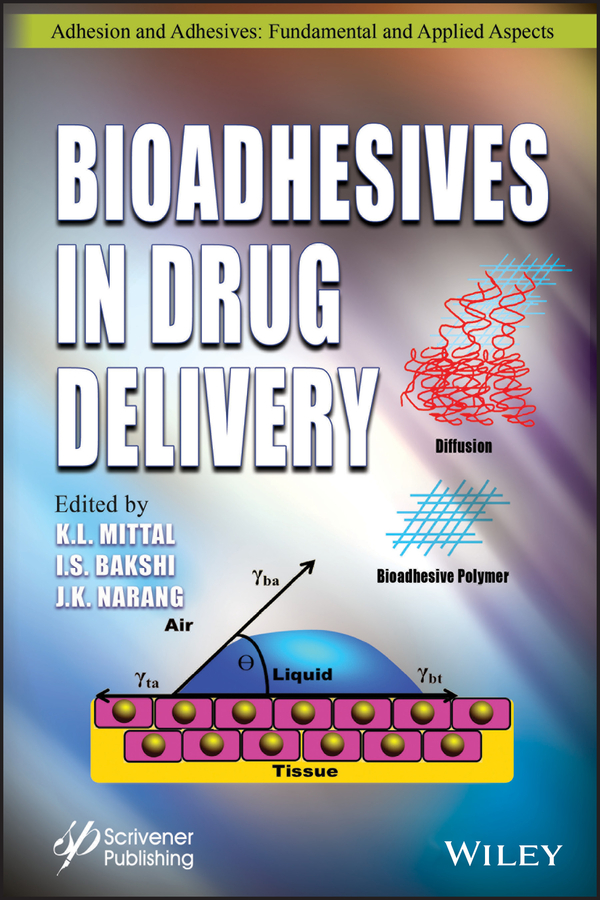
Bioadhesives in Drug Delivery Understanding the phenomenon of bioadhesion i.e. its theories or mechanism(s) are of critical importance in developing optimum bioadhesive polymers (used in bioadhesives). Such bioadhesive polymers are the key for exhibiting the process of bioadhesion, controlled/sustained release of drugs, and drug targeting. The use of bioadhesives restricts the delivery system to the site of interest and thus offers a useful and efficient technique for targeting a drug to the desired location for a prolonged duration. This book addresses the various relevant aspects of bioadhesives in drug delivery in an easily accessible and unified manner. The book containing 12 chapters written by eminent researchers from many parts of the globe is divided into three parts: Part 1: Fundamental Aspects; Part 2: Bioadhesive Formulations; Part 3: Drug Delivery Applications. The topics covered include: Theories and mechanisms of bioadhesion; bioadhesive polymers for drug delivery applications; methods for characterization of bioadhesiveness of drug delivery systems; bioadhesive films and drug delivery applications; bioadhesive nanoparticles; and bioadhesive hydrogels and applications ocular biodhesive drug delivery systems; buccal bioadhesive drug delivery systems; gastrointestinal bioadhesive drug delivery systems ; nasal bioadhesive drug delivery systems; vaginal drug delivery systems; pulmonary bioadhesive drug delivery systems. TECHNOLOGY & ENGINEERING,Materials Science,Metals & Alloys
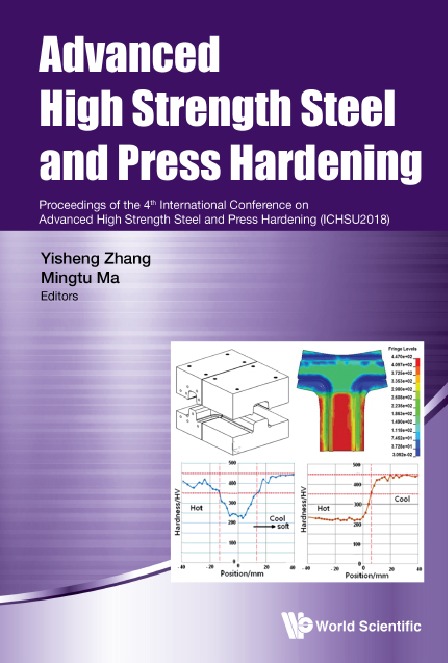
Advanced High Strength Steel And Press Hardening - Proceedings Of The 4th International Conference On Advanced High Strength Steel And Press Hardening The automotive industry requirements for vehicle weight reduction, weight containment, improved part functionality and passenger safety have resulted in the increased use of steel grades with a fully martensitic microstructure. These steel grades are essential to improve the anti-intrusion resistance of automotive body parts and the related passenger safety during car collisions. Standard advanced high strength steel (AHSS) grades are notoriously difficult to be formed by cold stamping; they are characterized by elastic springback, poor stretch flangeability and low hole expansion ratios. Hot stamping has therefore received much attention recently as an alternative technology to produce AHSS automotive parts.In this book, selected articles from the Fourth International Conference on Advanced High Strength Steel and Press Hardening held on August 20-22th, 2018 in Hefei, China, are compiled. It focuses on AHSS for the development of press hardening of high performance sheet metal for lightweight vehicle, advanced digital manufacturing technology, as well as the physical metallurgy principles of the hot stamping process.Aiming at the process design and industrial application for hot stamping of press hardened steel and high strength aluminium alloy sheet, the effect of temperature and strain rate on the formability and mechanical properties of the products is discussed. In addition, more practical cases are provided concerning accurate modelling and multi-physics coupling simulation of the hot stamping process. Furthermore, the influence of tool design on forming process, more precise process control strategies to increase production efficiency, and the improvement of hot stamping equipment by advanced design methods will also be presented. TECHNOLOGY & ENGINEERING,Materials Science,Metals & Alloys
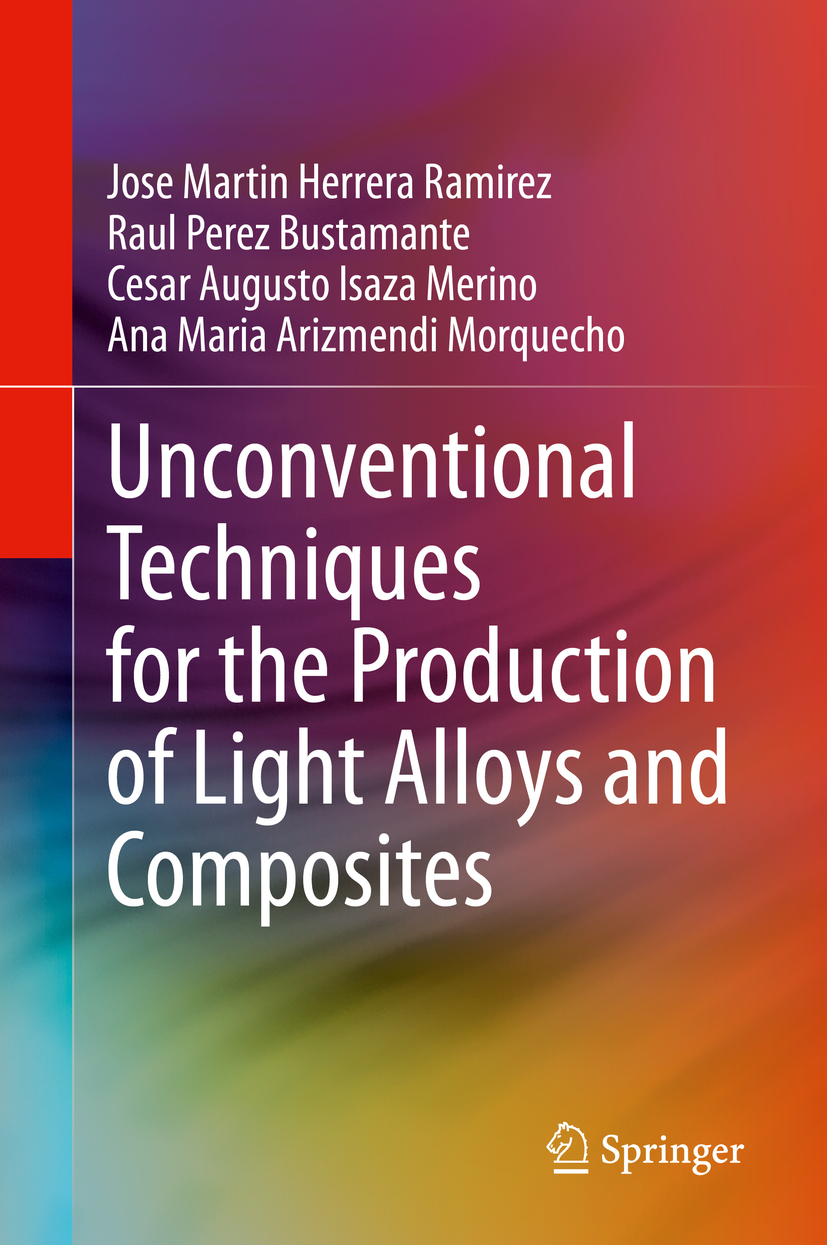
Unconventional Techniques for the Production of Light Alloys and Composites This book addresses methods used in the synthesis of light alloys and composites for industrial applications. It begins with a broad introduction to virtually all aspects of the technology of light alloys and composite materials for aircraft and aerospace applications. The basic theory of fiber and particle reinforcements; light metallic material characteristics and composite systems; components forms, and manufacturing techniques and processes are discussed. The book then progresses to describe the production of alloys and composites by unconventional techniques, such as powder metallurgy, sandwich technique, severe plastic deformation, additive manufacturing, and thermal spray, making it appropriate for researchers in both academia and industry. It will be of special interest to aerospace engineers. Provides a broad introduction to the technology used in manufacturing light alloys and composite materials; Describes the current technologies employed in synthesizing light alloys made from advanced materials; Focuses on unconventional techniques used to produce light alloys and composites in aerospace applications. TECHNOLOGY & ENGINEERING,Materials Science,Metals & Alloys
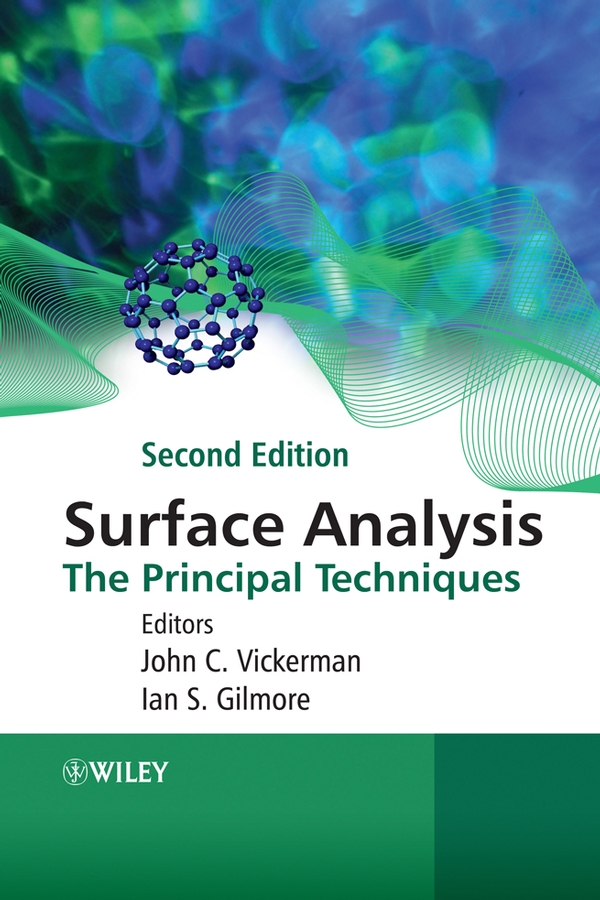
Surface Analysis This completely updated and revised second edition of Surface Analysis: The Principal Techniques, deals with the characterisation and understanding of the outer layers of substrates, how they react, look and function which are all of interest to surface scientists. Within this comprehensive text, experts in each analysis area introduce the theory and practice of the principal techniques that have shown themselves to be effective in both basic research and in applied surface analysis. Examples of analysis are provided to facilitate the understanding of this topic and to show readers how they can overcome problems within this area of study. TECHNOLOGY & ENGINEERING,Materials Science,Thin Films,Surfaces & Interfaces
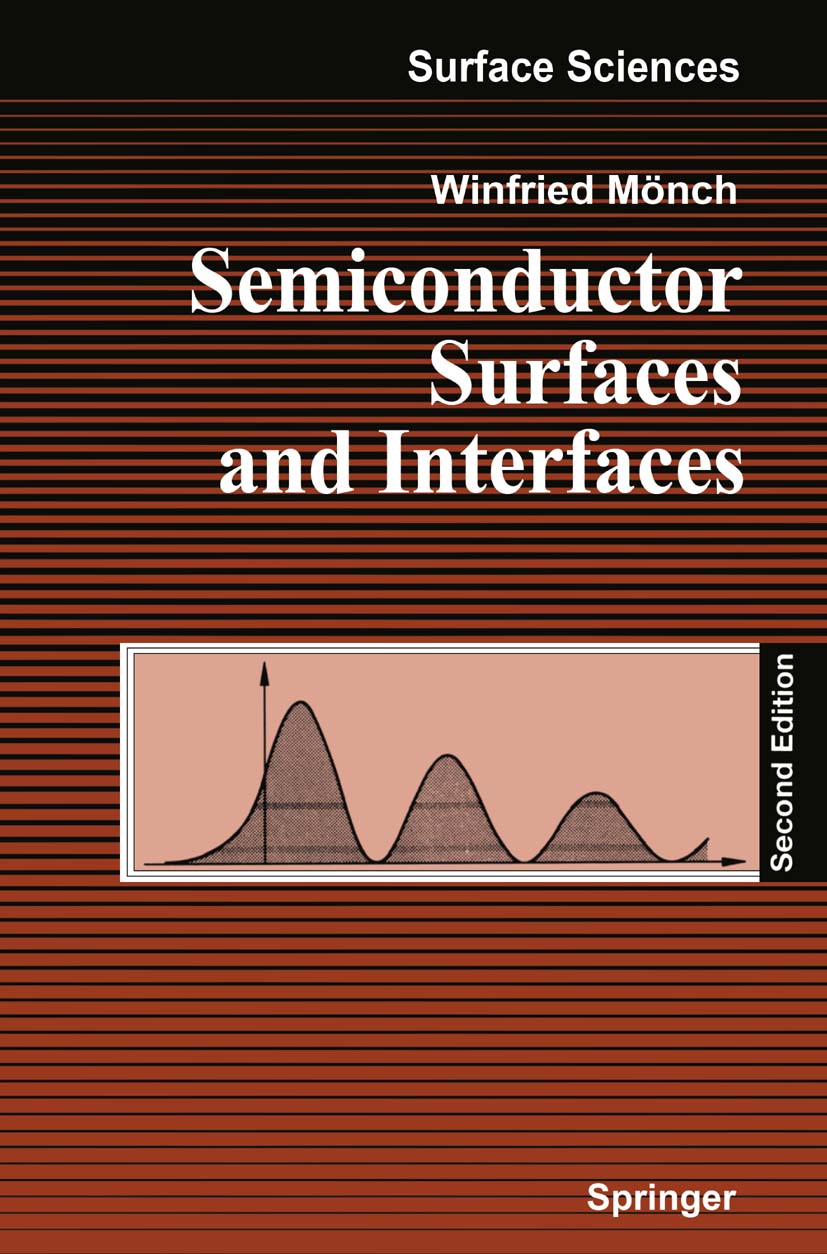
Semiconductor Surfaces and Interfaces Semiconductor Surfaces and Interfaces deals with structural and electronic properties of semiconductor surfaces and interfaces. The first part introduces the general aspects of space-charge layers, of clean-surface and adatom-included surfaces states, and of interface states. It is followed by a presentation of experimental results on clean and adatom-covered surfaces which are explained in terms of simple physical and chemical concepts and models. Where available, results of more refined calculations are considered. A final chapter is devoted to the band lineup at semiconductor interfaces. TECHNOLOGY & ENGINEERING,Materials Science,Thin Films,Surfaces & Interfaces

Applications of Synchrotron Radiation Applications of synchrotron radiation in physics, chemistry, materials science, and biology has now matured from an exotic experimental field into a well-established area of science. The spectroscopy of molecules and molecular adsorbates on surfaces is one area of science, where, in the past, synchrotron-radiation-related studies had made an impact on understanding the ground-state properties as well as the dynamics. With the new high-brightness synchrotron-radiation sources ahead, this will certainly continue to be a field of very active research. This quasi-monograph reviews the current state of the field for both, the active research scientist, and the new graduate student wishing to become acquainted with this field of research. TECHNOLOGY & ENGINEERING,Materials Science,Thin Films,Surfaces & Interfaces

Spectroscopy of Mott Insulators and Correlated Metals Extensive studies of high-Tc cuprate superconductors have stimualted investigations into various transition-metal oxides. Mott transitions in particular provide fascinating problems and new concepts in condensed matter physics. This book is a collection of overviews by well-known, active researchers in this field. It deals with the latest developments, with particular emphasis on the theoretical, spectroscopic, and transport aspects. TECHNOLOGY & ENGINEERING,Materials Science,Thin Films,Surfaces & Interfaces

Surface Reactions In the past ten years the study of the mechanisms of chemical transformations on metal surfaces has advanced appreciably. Today complex reaction networks can be unraveled by combining several spectroscopies, derived principally from the practice of ultrahigh-vacuum surface physics. Of paramount importance in this field is the combination of mass spectrometric methods for the identification of reaction products with spectroscopies which help identify surface-bound reactive intermediates. This quasi-monograph highlights the progress in this field with studies which clearly exemplify such research and at the same time provide more general understanding of chemical reactivity at surfaces. This book was constructed to be a resource to all scientists interested in the chemical reactivity of metals, including those whose primary interest may lie in fields outside surface reactivity. The book is'intended to be an advanced case study text, not a "review" in the standard sense. Each chapter develops principles and illustrates the use of experimental methods. Consequently, more attention is given to experimentation than normally found in journal articles or review articles. My intent in organizing these chapters was to make this field accessible to professionals and graduate students in the fields of chemistry, material science, and physics. Even so, we hope that experts in the field of surface reactivity will also find these chapters informative. After the introduction (Chap. 1) the book consists of chapters on the mechanism of selective oxidation by silver (Chap. 2 by R.1. Madix and J.T. TECHNOLOGY & ENGINEERING,Materials Science,Thin Films,Surfaces & Interfaces
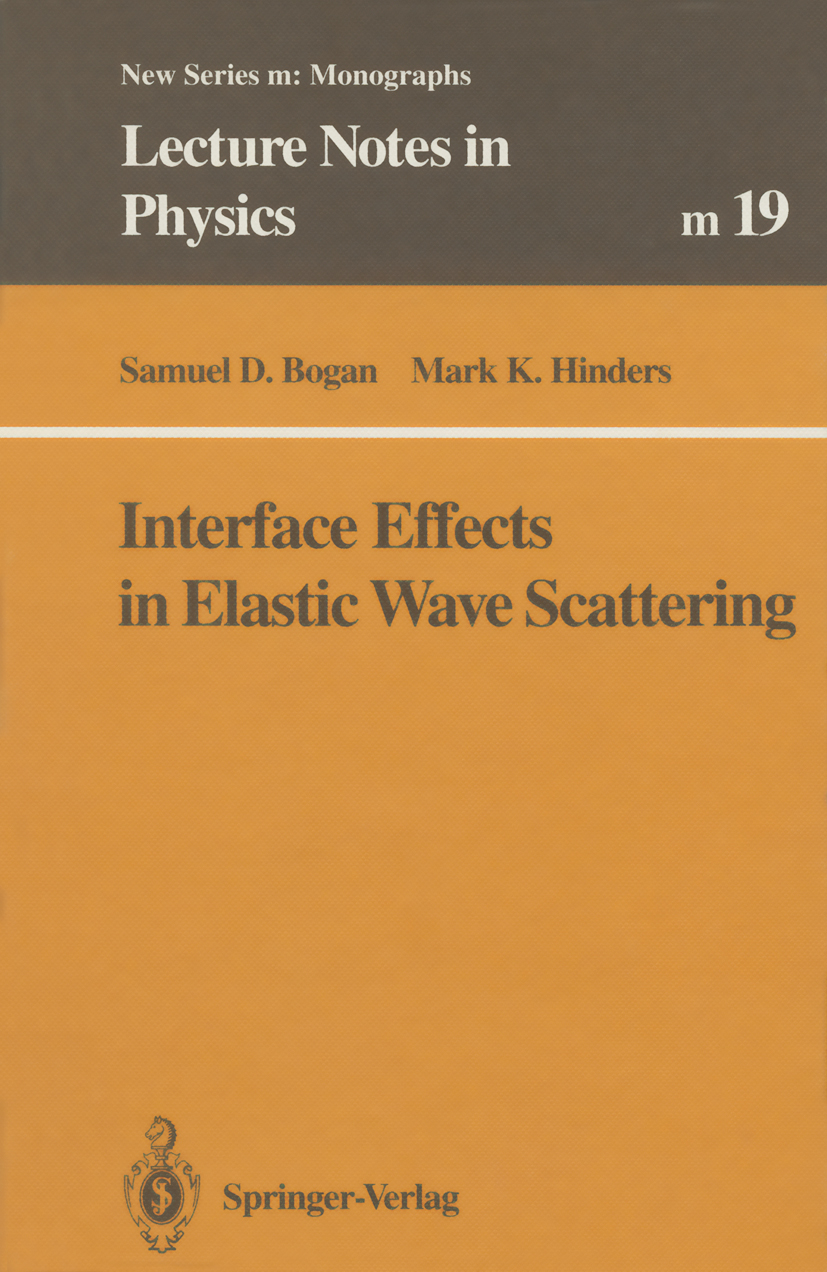
Interface Effects in Elastic Wave Scattering The authors study dynamical effects of incidentcompressional and distortional elastic waves on a layer ofplanar, cylindrical, or spherical geometry, especiallyfocusing on the stress fields surrounding the layer. Theseresults are derived from the exact solutions for elasticwave scattering from such interfaces developped in the firstpart of the book. Comparisons of numerical solutions ofspecial problems with the analytical solutions are given andit is shown how the latter help to simplify the numericaltreatment. The material presented in this monograph willhelp in developing composite materials with improvedchemical and physical properties and in non-destructivetesting of such materials. Engineers, physicists, andworkers in applied mathematics will welcome this wellwritten text. It may also be used for additional reading ina course on elasto-mechanics. TECHNOLOGY & ENGINEERING,Materials Science,Thin Films,Surfaces & Interfaces
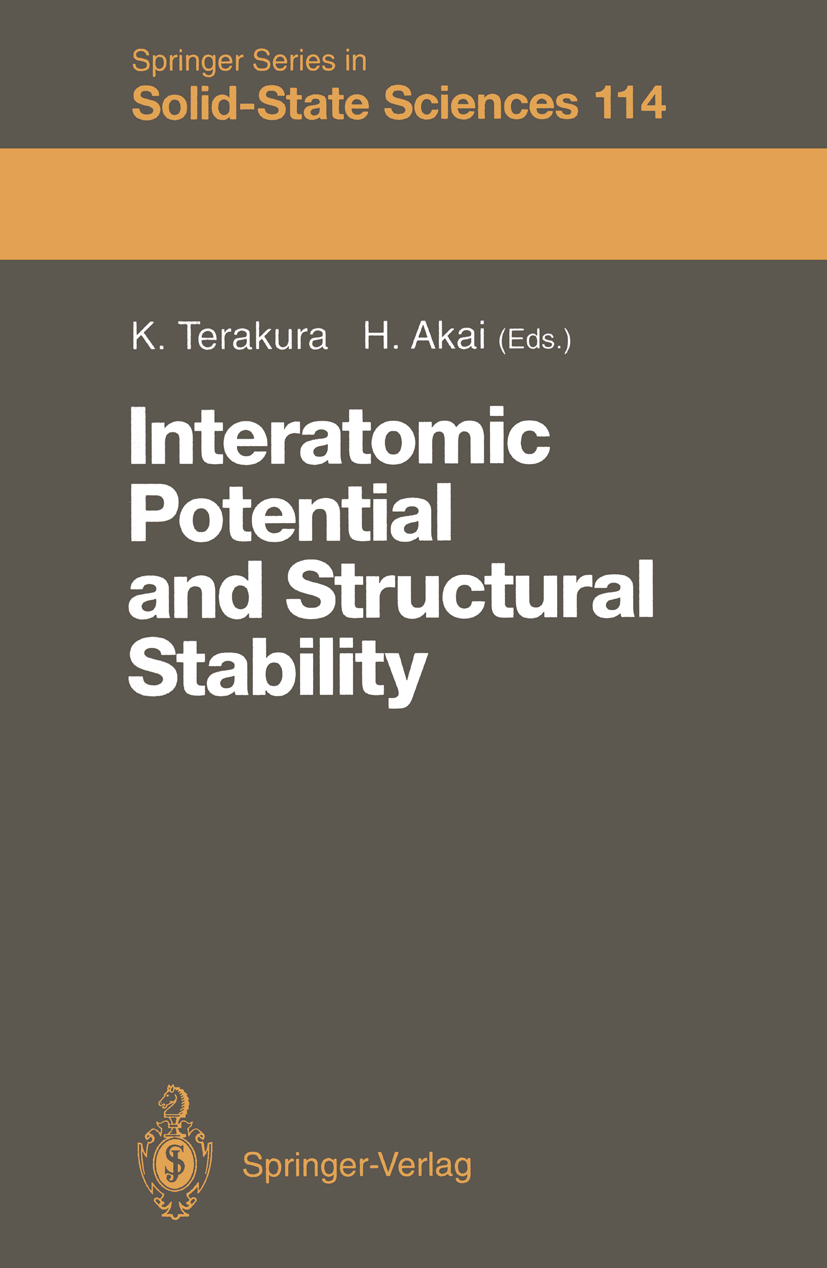
Interatomic Potential and Structural Stability Structural stability is of fundamental importance inmaterials science. Up-to-date information on the theoreticalaspects of phase stability of materials is contained in thisvolume. Most of the first-principles calculations are basedon the local-density approximation (LDA). In contrast, thisvolume contains very recent results of "going beyond LDA",such as the density gradient expansion and the quantumMonte-Carlomethod.Following the recently introduced theoretical methods forthe calculation of interatomic potentials, forces acting onatoms and total energies such as the Car-Parrinello, theeffective-medium and the bond-ordermethod, attempts havebeen made to develop even more sophisticated methods such asthe order-N method in electronic-structure calculations. Thepresent status of these methods and their application toreal systems are described.In addition, in order to study the phase stability atfinitetemperatures, the microscopic calculations have to becombined with statistical treatment of the systems todescribe, e.g. order-disorder transitions on the Si(001)surface or alloy phase diagrams. This book contains examplesfor this type of calculations. TECHNOLOGY & ENGINEERING,Materials Science,Thin Films,Surfaces & Interfaces
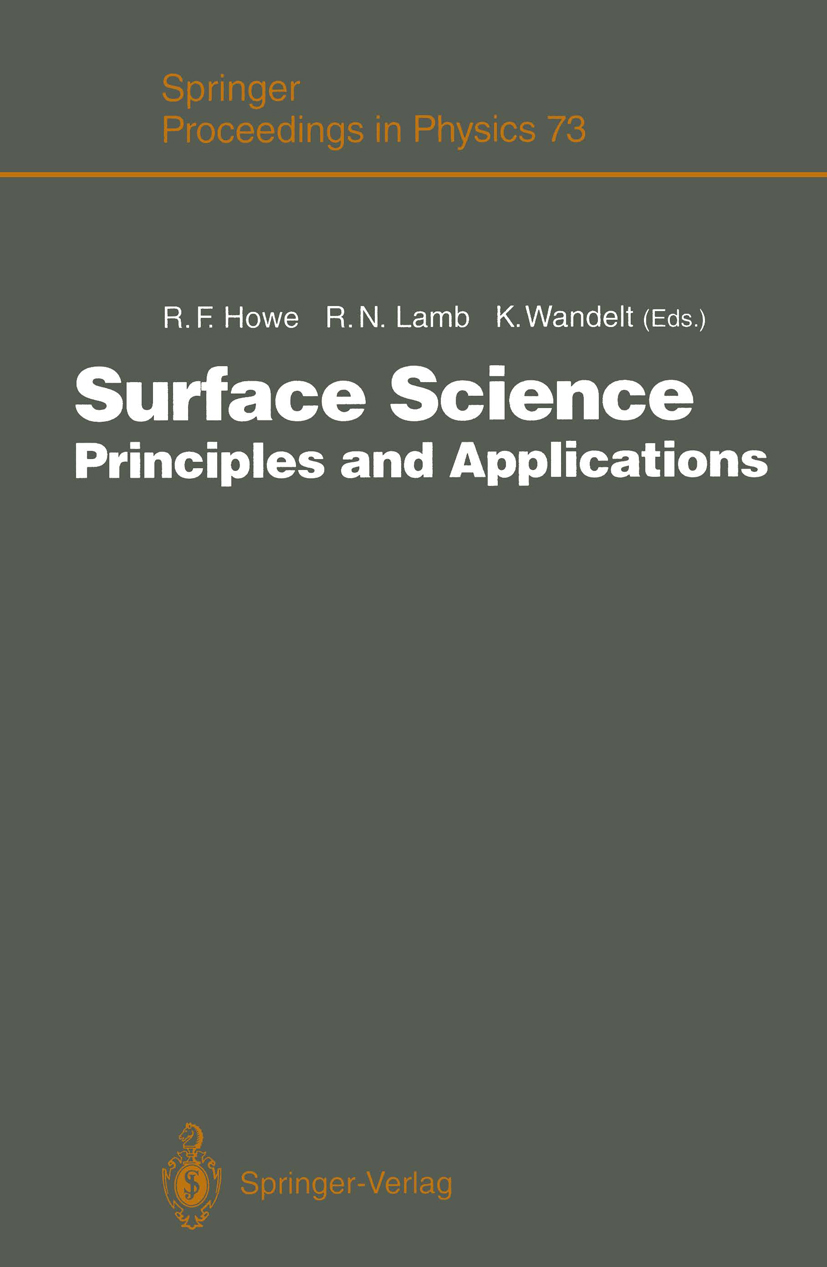
Surface Science Surface science has existed as a recognized discipline for more than 20 years. During this period, the subject has expanded in two important ways. On the one hand, the techniques available for studying surfaces, both experimental and theoretical, have grown in number and in sophistication. On the other hand, surface science has been applied to an increasing number of areas of technology, such as catalysis, semicon ductor processing, new materials development, corrosion prevention, adhesion and tribology. . There is, however, no sharp division between fundamental and applied surface science. New techniques can immediately be applied to technologically important problems. Improvements in understanding of fundamental phenomena such as epi taxial growth of one metal on another, or the bonding of hydrocarbons to metal sur faces, to name just two examples, have direct consequences for technology. Surface science has also become very much an interdisciplinary subject; physics, chemistry, materials science, chemical and electronical engineering all draw upon and contribute to surface science. The intimate relationship between principles and applications of surface science forms the theme of this proceedings volume. The contributions were all presented as invited lectures at an Australian-German Workshop on Surface Science held at Coogee Beach, Sydney, Australia, in December 1991. The contributors, all active surface scientists in their respective countries, were asked to highlight recent develop ments in their own areas of activity involving new techniques, advances in funda mental understanding or new applications in technology. TECHNOLOGY & ENGINEERING,Materials Science,Thin Films,Surfaces & Interfaces
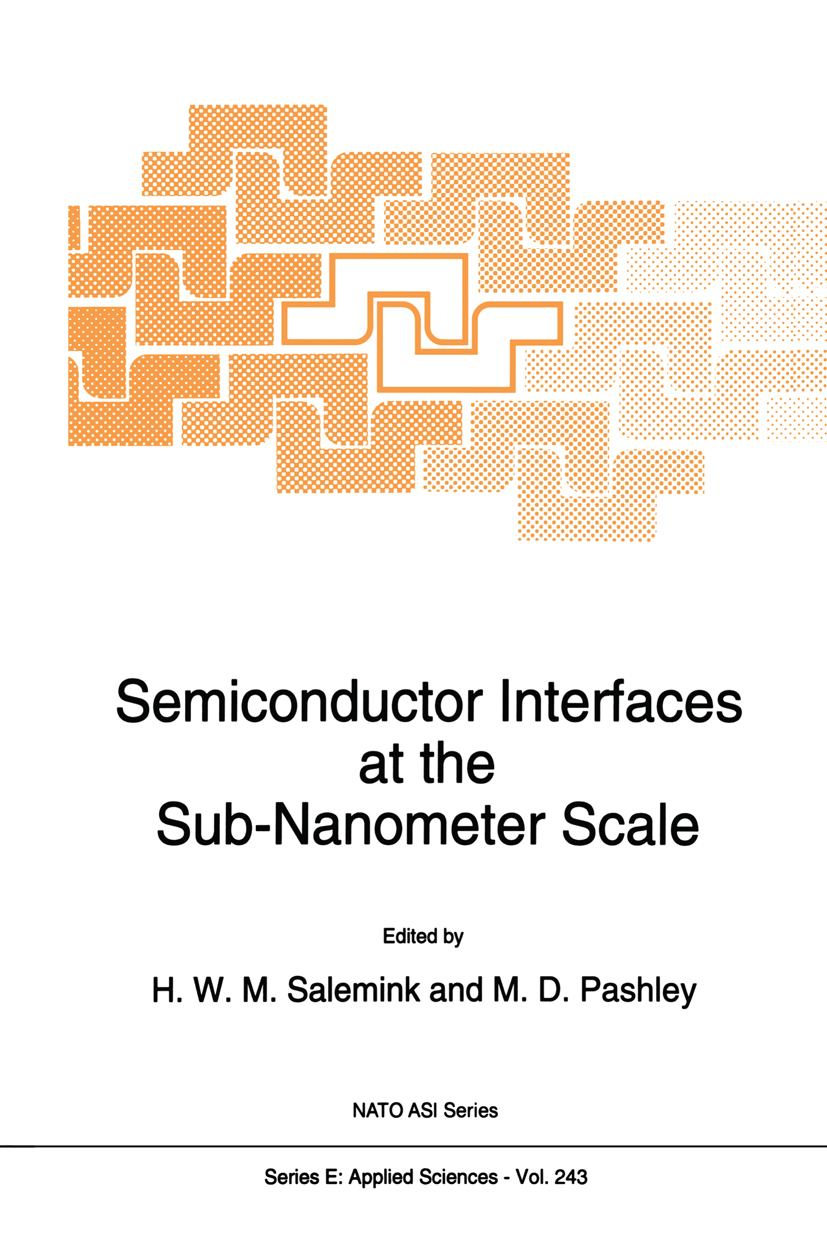
Semiconductor Interfaces at the Sub-Nanometer Scale Proceedings of the NATO Advanced Research Workshop on The Physical Properties of Semiconductor Interfaces at the Sub-Nanometer Scale, Riva del Garda, Italy, August 31-September 2, 1992 TECHNOLOGY & ENGINEERING,Materials Science,Thin Films,Surfaces & Interfaces
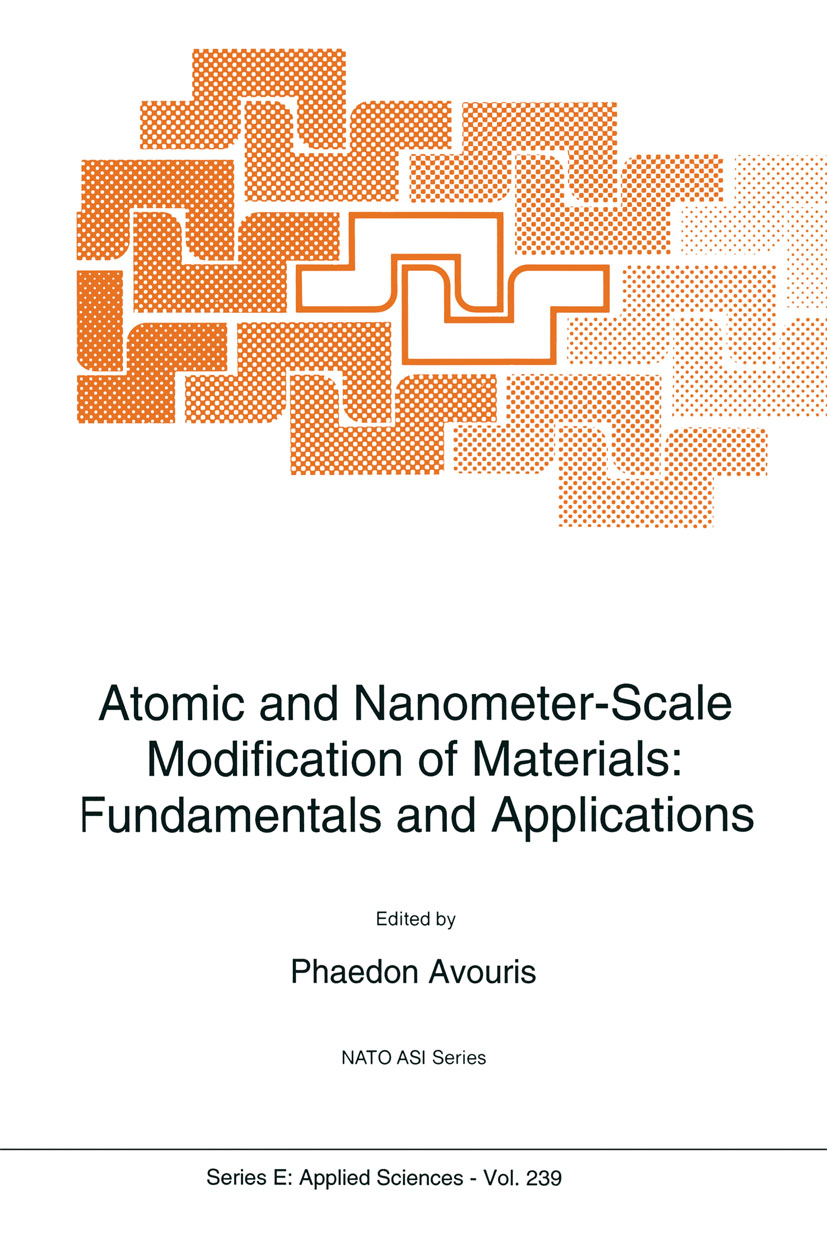
Atomic and Nanometer-Scale Modification of Materials This volume contains the proceedings of the conference on "Atomic and Nanometer Scale Modification of Materials: Fundamentals and Applications" which was co-sponsored by NATO and the Engineering Foundation, and took place in Ventura, California in August 1992. The goal of the organizers was to bring together and facilitate the exchange of information and ideas between researchers involved in the development of techniques for nanometer-scale modification and manipulation. theorists investigating the fundamental mech anisms of the processes involved in modification, and scientists studying the properties and applications of nanostructures. About seventy scientists from all over the world participated in the conference. It has been more than 30 years since Richard Feynman wrote his prophetic article: ''There is Plenty of Room at the Bottom" (Science and Engineering, 23, 22, 1960). In it he predicted that some day we should be able to store bits of information in structures composed of only 100 atoms or so, and thus be able to write all the information accumulated in all the books in the world in a cube of material one two-hundredths of an inch high. He went on to say, "the prin ciples of physics, as far as I can see, do not speak against the possibility of maneuvering things atom by atom. " Since that time there has been significant progress towards the realization of Feynman's dreams. TECHNOLOGY & ENGINEERING,Materials Science,Thin Films,Surfaces & Interfaces
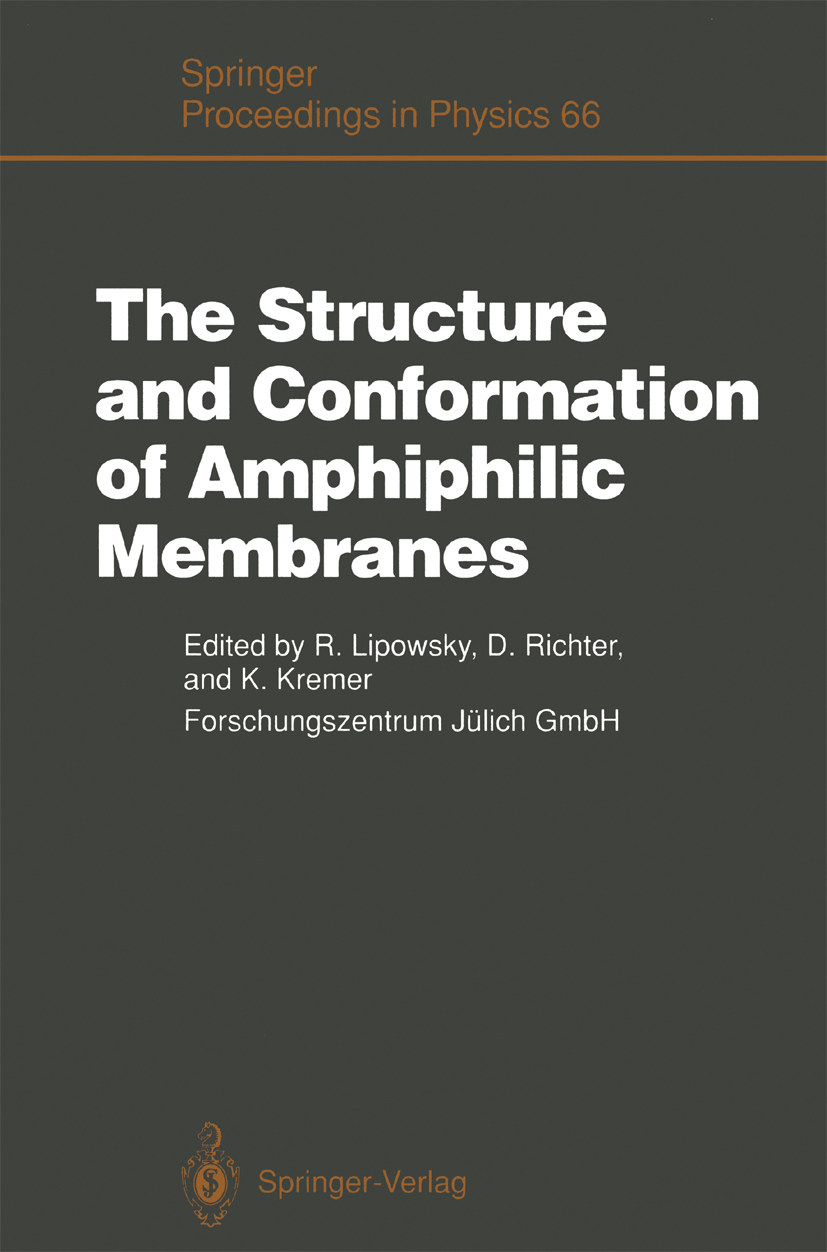
The Structure and Conformation of Amphiphilic Membranes Membranes composed of amphiphilic molecules are highlyflexible surfaces that determine the architecture ofbiological systems and provide a basic structural elementfor complex fluids such as microemulsions. Recently, avariety of new experimental methods such as X-rayscattering, neutron scattering, and atomic force microscopyhave been used in order to study themolecular structure ofthese membranes. Their conformational behavior, on the otherhand, is studied by optical and electron microscopy, whichreveals that membranes in aqueous solution exhibit anamazing variety of different shapes. Several theoreticalconcepts are described suchas bending elasticity,curvature, and minimal surfaces in order to understand thispolymorphism. These concepts are also useful to describe thebehavior of membranes in complex fluids where they can buildup hexagonal, lamellar, triply-periodic, cubic, and spongephases. The contributions to this volume provide anup-to-date overview and describe thestate-of-the-art ofthis rapidly evolving field of research. TECHNOLOGY & ENGINEERING,Materials Science,Thin Films,Surfaces & Interfaces
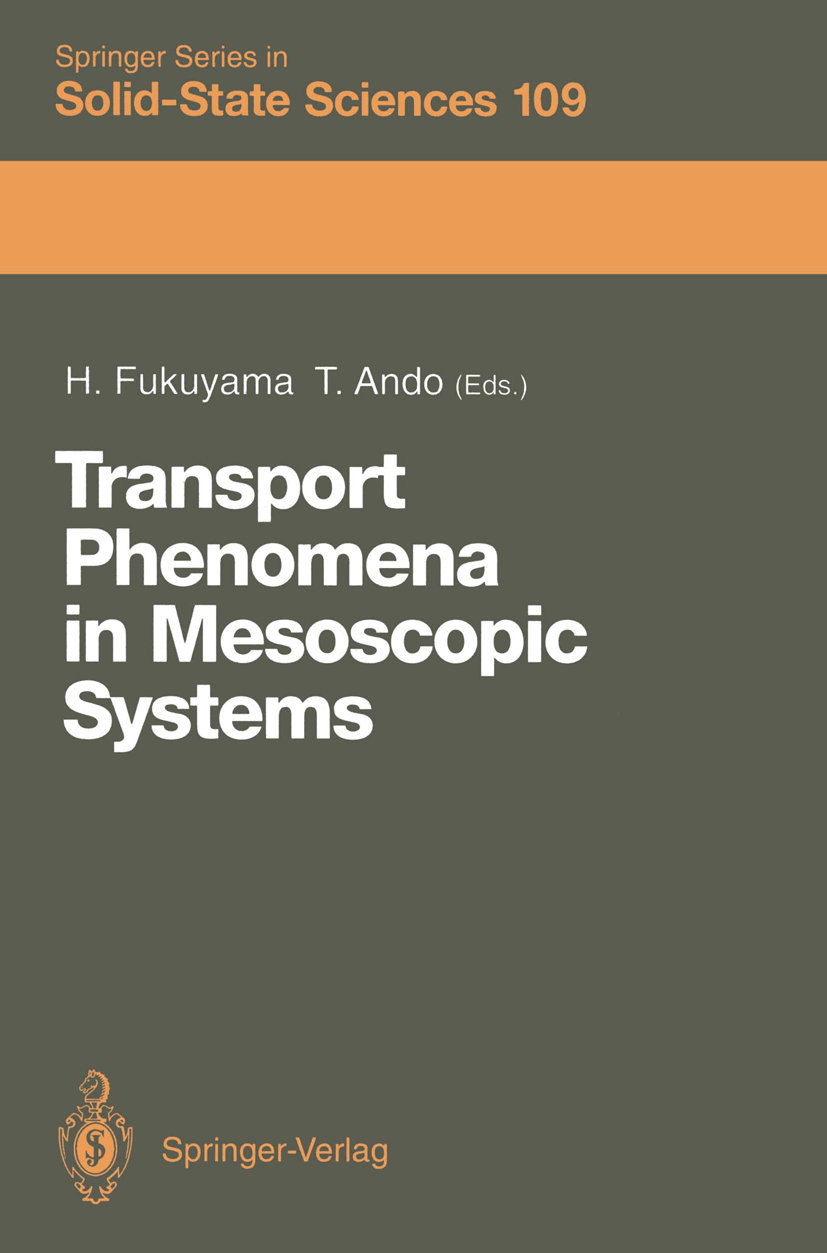
Transport Phenomena in Mesoscopic Systems This volume contains the proceedings of the Fourteenth Thniguchi Symposium on the Theory of Condensed Matter, which was held from November 10 to 14, 1991, at the Shima Kanko Hotel, Shima, Japan. The topic of the symposium was Physics 0/ Mesoscopic Systems. Mesoscopic systems have been developed band in band with the recent progress in nanotechnology and are the melting pot of basic science and technology. In nanostructures, the quantum effect of the electron wave manifests itself because of the limited dimensionality of the structure. The most typical features of these structures are the discreteness of the energy spectrum and the interference effect of electron waves, which have led to various fascinating phenomena. The purpose of this symposium was to discuss the latest developments in mesoscopic systems, especially transport phenomena, from the viewpoint of basic physics. This volume starts with an introduction to the field of mesoscopic systems together with the paper by Prof. R. Kubo, who was the first to note the existence of particular features of discrete energy levels in small metallic particles. In Part II the electronic states of quantum dots and the conductance through them are discussed. Tunneling via small structures and junctions is studied in Part ill. TECHNOLOGY & ENGINEERING,Materials Science,Thin Films,Surfaces & Interfaces
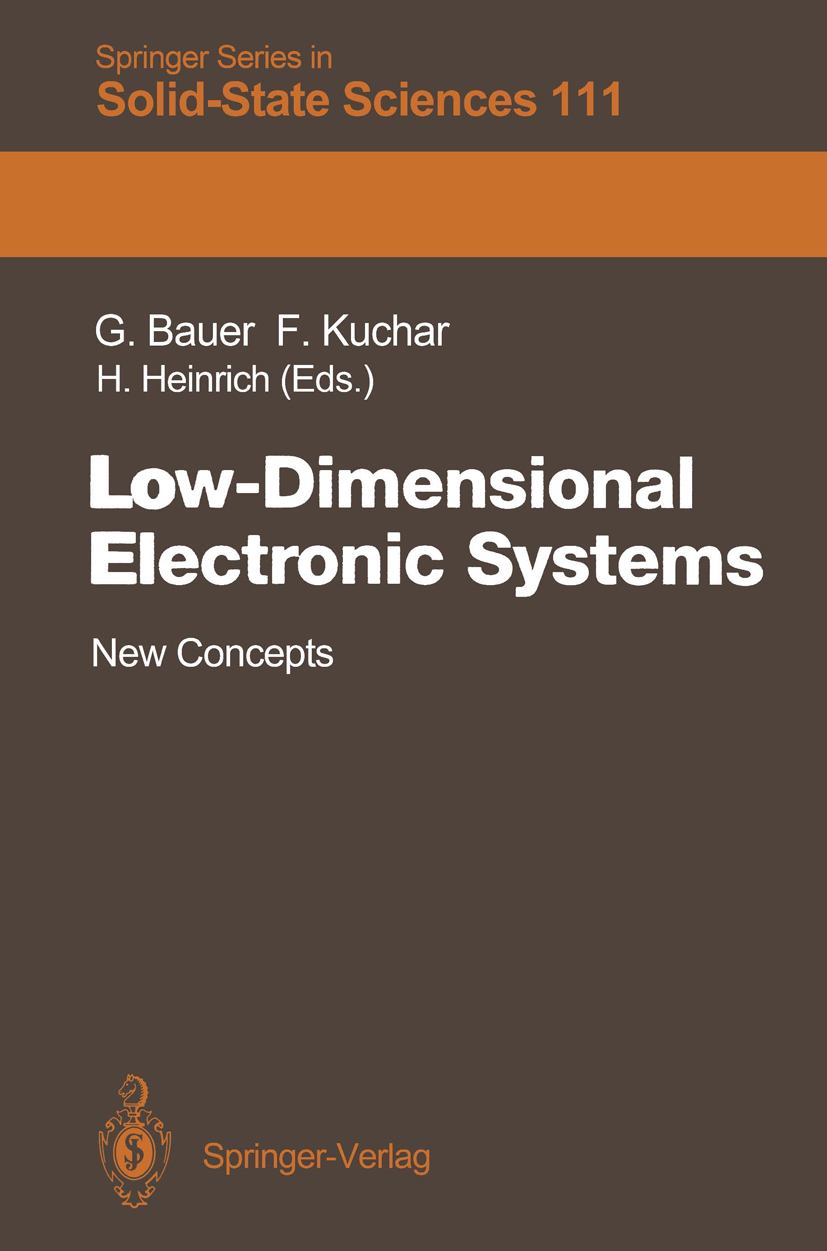
Low-Dimensional Electronic Systems Owing to new physical, technological, and device concepts oflow-dimensionalelectronic systems, the physics andfabrication of quasi-zero, one- and two-dimensional systemsare rapidly growing fields. The contributions presented inthis volume cover results of nanostructure fabricationincluding recently developed techniques, for example,tunneling probe techniques and molecular beam epitaxy,quantum transport including the integer and fractionalquantum Hall effect, optical and transport studies of thetwo-dimensional Wigner solid, phonon studies oflow-dimensional systems, and Si/SiGe heterostructures andsuperlattices. To the readers new in the field this volumegives a comprehensive introduction and for the experts it isan update of their knowledge and a great help for decisionsabout future research activities. TECHNOLOGY & ENGINEERING,Materials Science,Thin Films,Surfaces & Interfaces
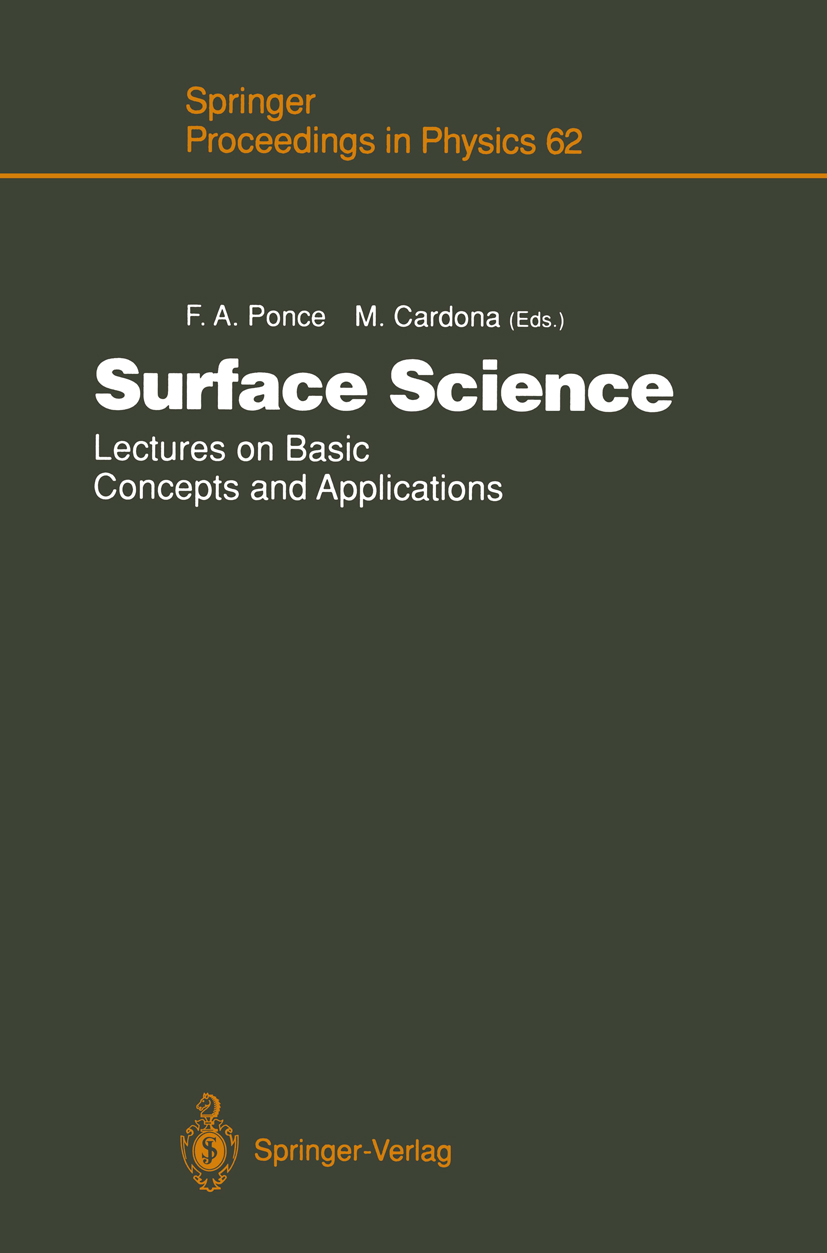
Surface Science Proceedings of the Sixth Latin American Symposium on Surface Physics (SLAFS-6), Cusco, Peru, September 3-7, 1990 TECHNOLOGY & ENGINEERING,Materials Science,Thin Films,Surfaces & Interfaces
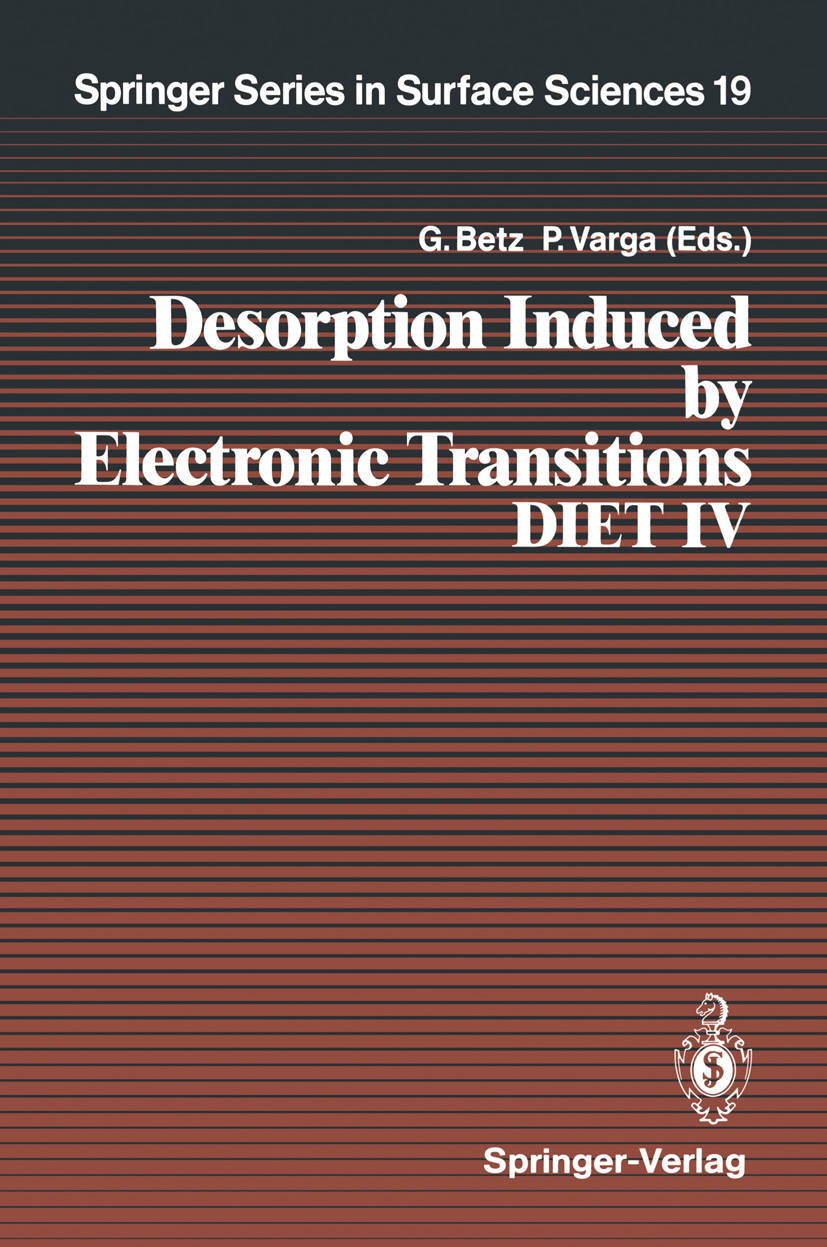
Desorption Induced by Electronic Transitions DIET IV This volume contains the full proceedings of the Fourth International Workshop on "Desorption Induced by Electronic Transitions" (DIET IV), held October 2-4, 1989, at the Burghotel Kranichberg, Gloggnitz, Austria. It followed earlier workshops held in Williamsburg, USA (1982), SchloB Elmau, FRG (1984), and Shelter Island, USA (1987). The workshop was attended by 77 participants from 9 countries, and 66 papers (8 invited, 24 oral contributions and 34 poster contributions) were pre sented. The proceedings contain 53 separate papers and focus on 8 main topics: (1) Basic Mechanisms and Theory, (2) Photophysics and Photochemistry, (3) Laser Induced Desorption, (4) Adsorbed Layers, (5) Condensed Gases, (6) In sulators, (7) Gas Phase Processes and (8) Applications and Related Processes. The workshop was opened by N. Tolk, who initiated this series of meetings in 1982, and by D. Menzel, who mentioned the 25th birthday of one of the basic processes in DIET, the so-called MGR model, which was first published in 1964. One of the goals of the meeting was to achieve a better understanding and further improved theoretical descriptions of desorption by electronic transitions. TECHNOLOGY & ENGINEERING,Materials Science,Thin Films,Surfaces & Interfaces

Surfaces and Interfaces of Solids "Surfaces and Interfaces of Solids" emphasizes bothexperimental and theoretical aspects of surface andinterface physics. Beside the techniques of preparingwell-defined solid surfaces and interfaces basic models forthe description of structural, vibronic and electronicproperties ofinterfaces are described, as well asfundamental aspects of adsorption and layer growth. Becauseof its importance for modern microelectronics specialemphasis is placed on the electronic properties ofsemiconductorinterfaces and heterostructures. Experimentaltopics covering the basics of ultrahigh-vacuum technology,electron optics, surface spectroscopies and electricalinterface characterization techniques are presented in theform of separate panels. TECHNOLOGY & ENGINEERING,Materials Science,Thin Films,Surfaces & Interfaces
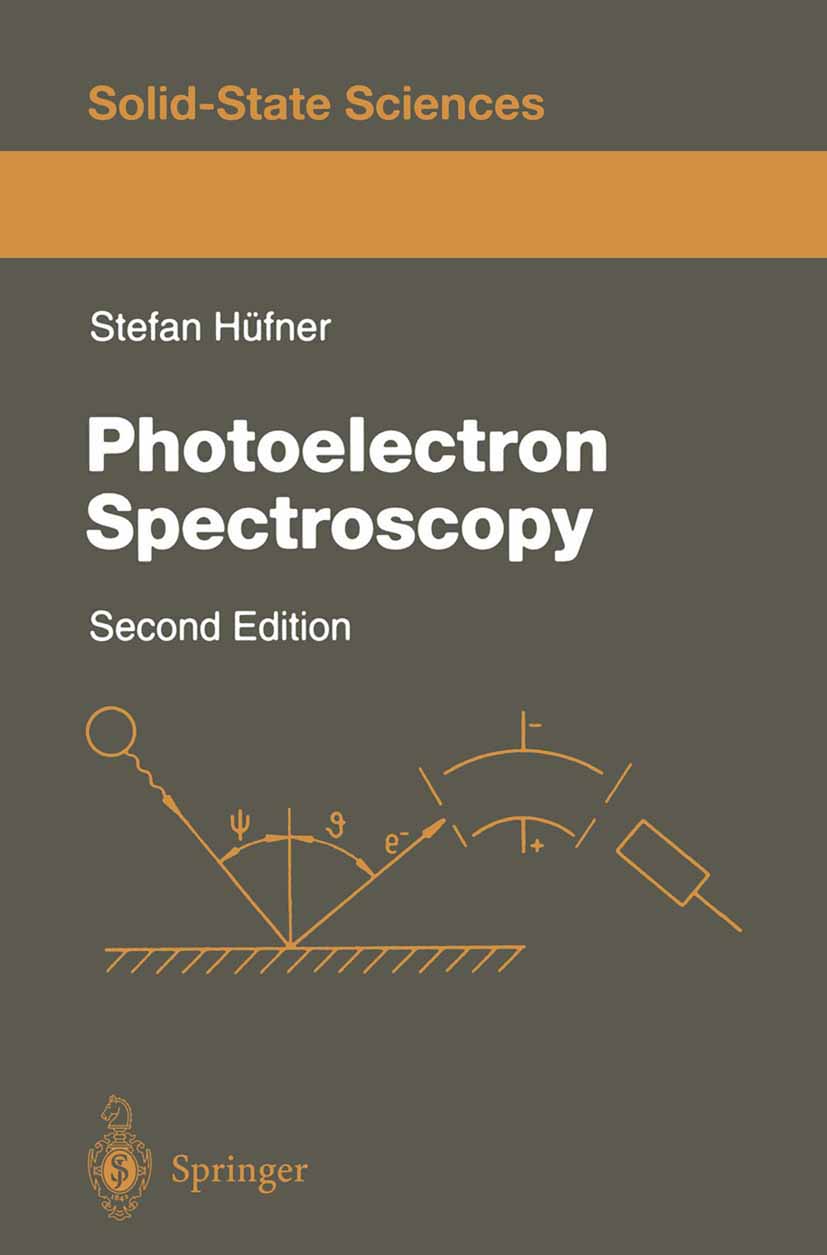
Photoelectron Spectroscopy Photoelectron Spectroscopy presents an up-to-date introduction to the field by comprehensively treating the electronic structures of atoms, molecules, solids, and surfaces. Brief descriptions are given of inverse photoemission, spin-polarized photoemission and photoelectron diffraction. Experimental aspects are considered throughout the book and the results are carefully interpreted in terms of the theory. A wealth of measured data is presented in tabulator form for easy use by experimentalists. TECHNOLOGY & ENGINEERING,Materials Science,Thin Films,Surfaces & Interfaces
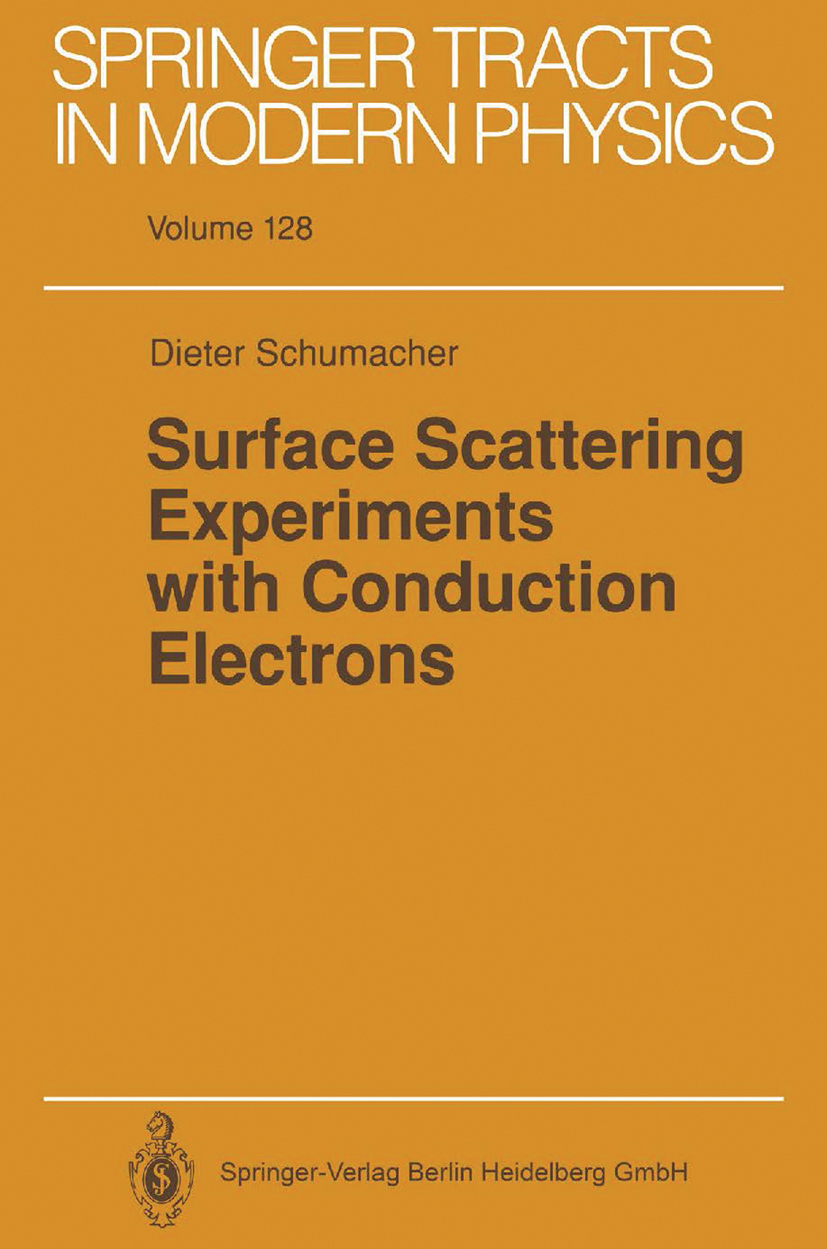
Surface Scattering Experiments with Conduction Electrons Surface Scattering Experiments with Conduction Electronsshows how this process can be used to investigate surfaceprocesses of thin metal films. Since a thin film is in onedirection of a size comparable to the mean free path of theconduction electrons, such a film is both substrate andsensor and must be characterized by other surface-analyticalmethodsas demonstrated here. Also discussed is how thedc-resistivity measurement permits the study of surfaceprocesses such as adsorption, desorption, and surfacediffusion up to crystalline growth. The in situ observationof epitaxial growth is additionally shown to be possible.Thus the electronic structure of superimposed metal filmsand superlattices can be elucidated. This is an essentialtopic for all surface physicists. TECHNOLOGY & ENGINEERING,Materials Science,Thin Films,Surfaces & Interfaces
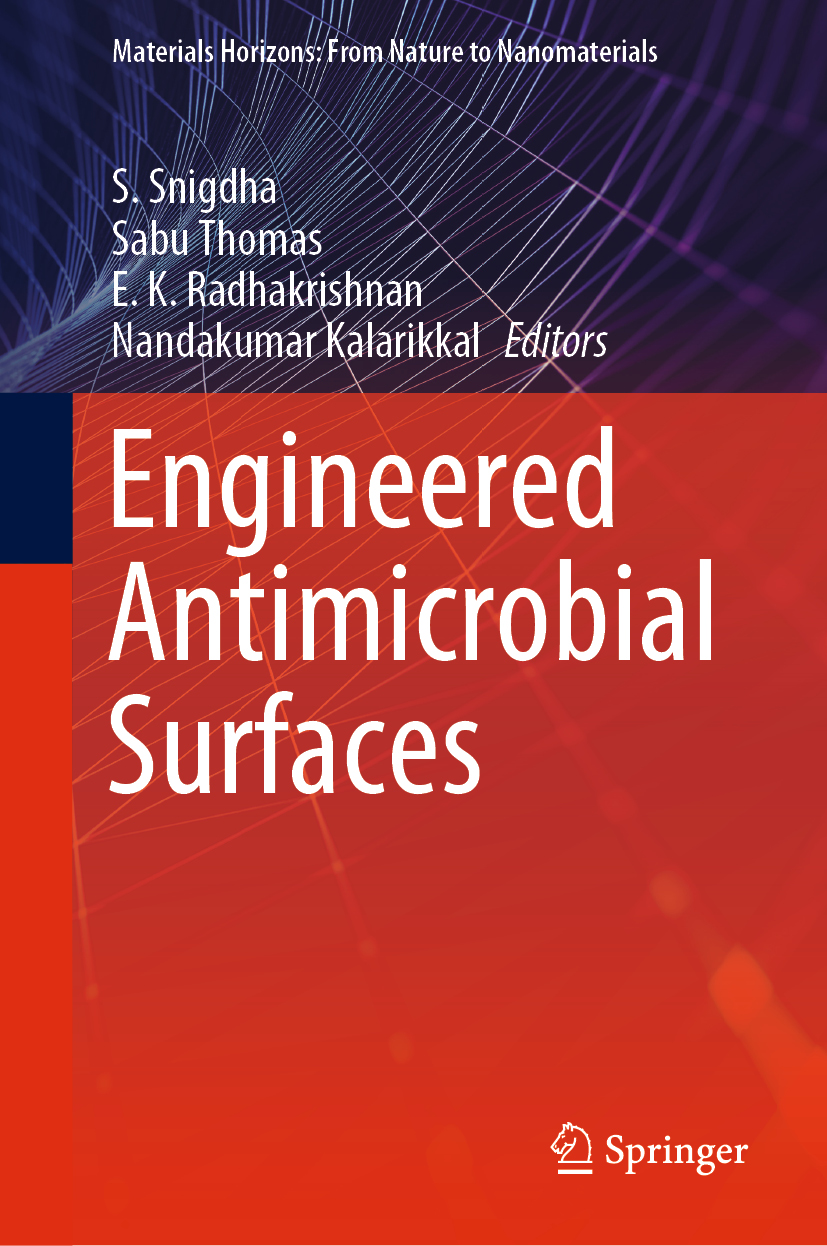
Engineered Antimicrobial Surfaces This volume looks at the different aspects involved in controlling microbial growth and the techniques employed in obtaining sterile surfaces. It covers research on coatings, nano-materials, herbal materials, naturally occurring antimicrobials in designing antimicrobial surfaces. It discusses issues of antibiotic resistance, synthesis techniques, toxicity, and current and potential applications of antimicrobial surfaces, and this book will serve as a useful reference to a broad range of scientists, industrial practitioners, graduate and undergraduate students, and other professionals in the fields of polymer science and engineering, materials science, surface science, bioengineering and chemical engineering. TECHNOLOGY & ENGINEERING,Materials Science,Thin Films,Surfaces & Interfaces
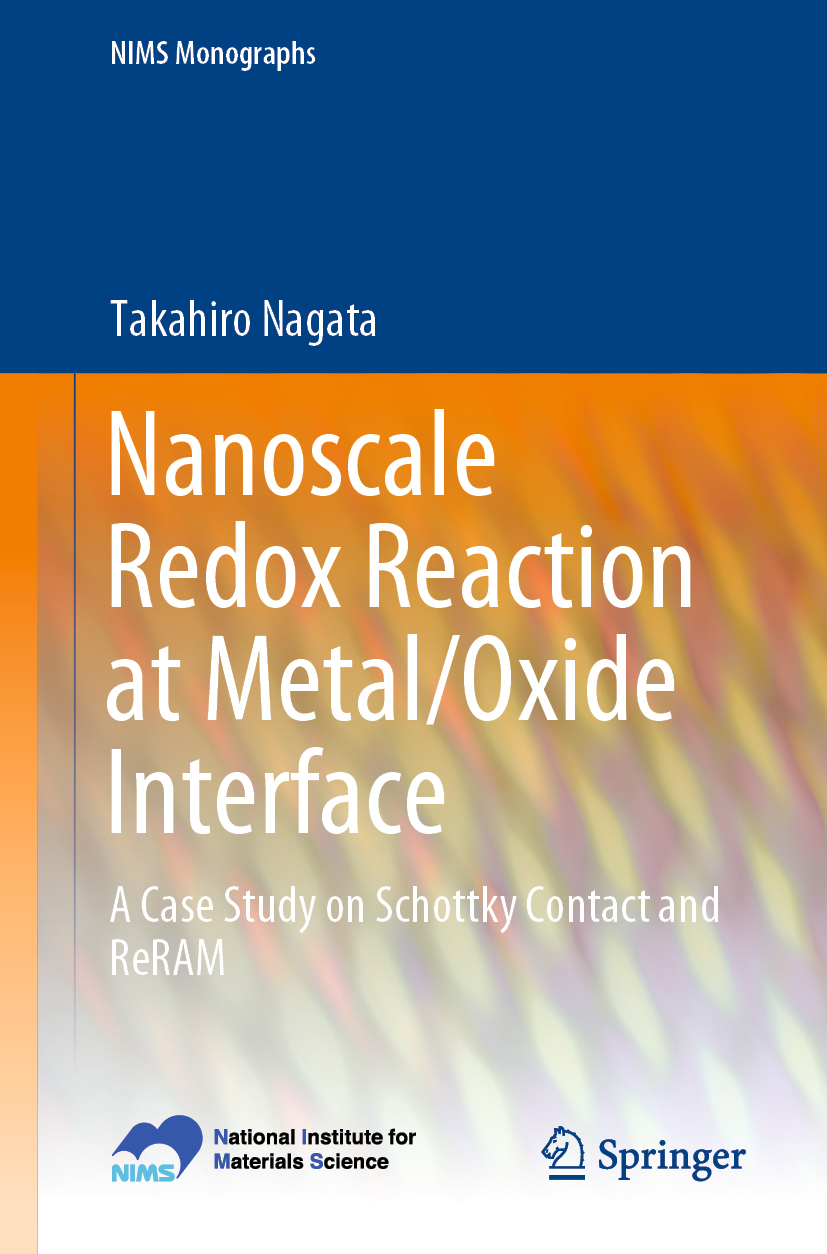
Nanoscale Redox Reaction at Metal/Oxide Interface Oxide materials are good candidates for replacing Si devices, which are increasingly reaching their performance limits, since the former offer a range of unique properties, due to their composition, design and/or doping techniques. The author introduces a means of selecting oxide materials according to their functions and explains metal/oxide interface physics. As he demonstrates, material development is the key to matching oxide materials to specific practical applications. In this book, the investigation and intentional control of metal/oxide interface structure and electrical properties using data obtained with non-destructive methods such as x-ray photoelectron spectroscopy (XPS) and x-ray reflectometry (XRR) are discussed. Further, it shows how oxide materials can be used to support the development of future functional devices with high-k, ferroelectric, magnetic and optical properties. In closing, it explains optical sensors as an application of metal Schottky contact and metal/oxide resistive random access memory structure. TECHNOLOGY & ENGINEERING,Materials Science,Thin Films,Surfaces & Interfaces
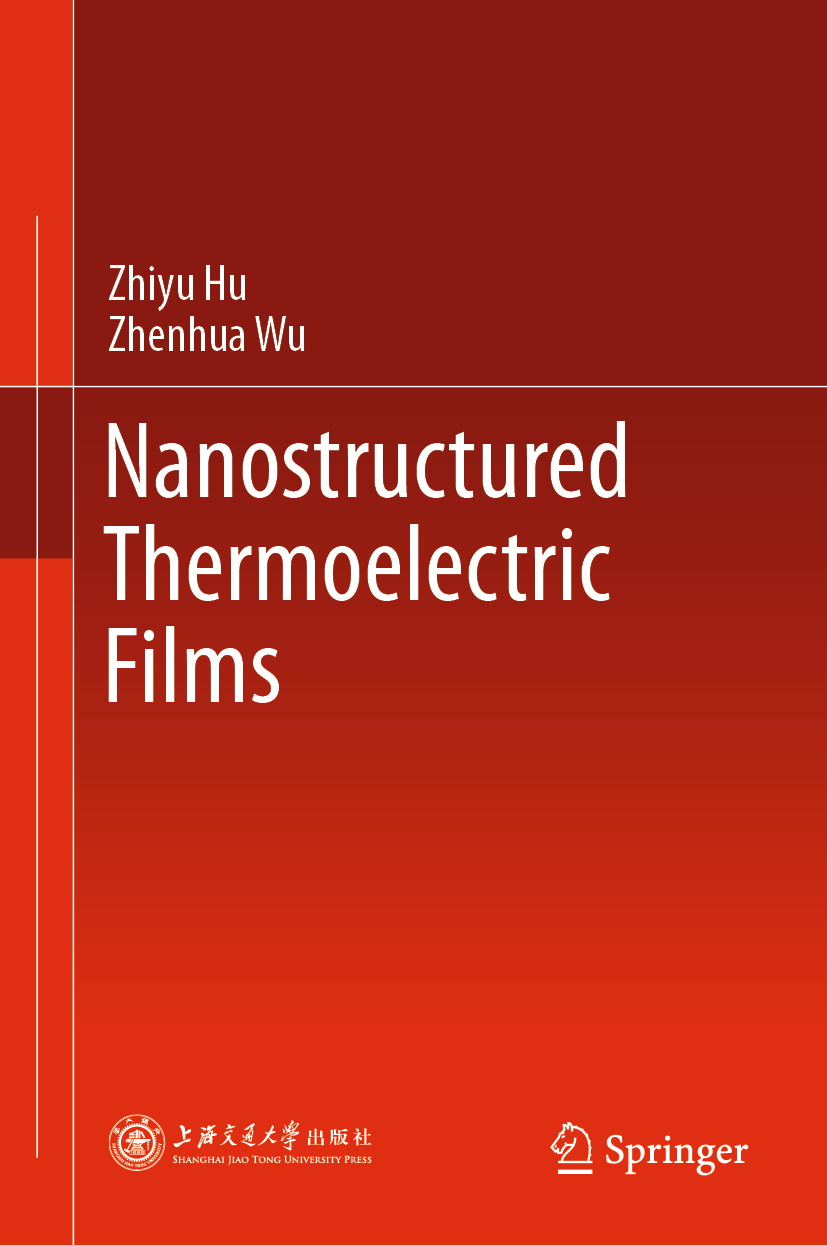
Nanostructured Thermoelectric Films This book presents a range of low-dimensional superlattice thermoelectric materials based on physical vapor deposition (PVD) methods and explores various material types, thicknesses, and processing conditions. With the advances made in the performance of semiconductor thermoelectric materials and the efficiency of thermoelectric devices in recent years, thermoelectric power generation systems are likely to replace traditional mechanical heat engines, offering an environmentally friendlier alternative. The use of low-dimensional, nanostructured materials can significantly increase the density of states near the Fermi level and greatly improve the thermoelectric properties of materials. In addition, the book demonstrates that it is possible to influence thermoelectric performance, establish more accurate mathematical models through the regulation of relevant parameters, and ultimately improve the thermoelectric figure of merit (ZT). TECHNOLOGY & ENGINEERING,Materials Science,Thin Films,Surfaces & Interfaces
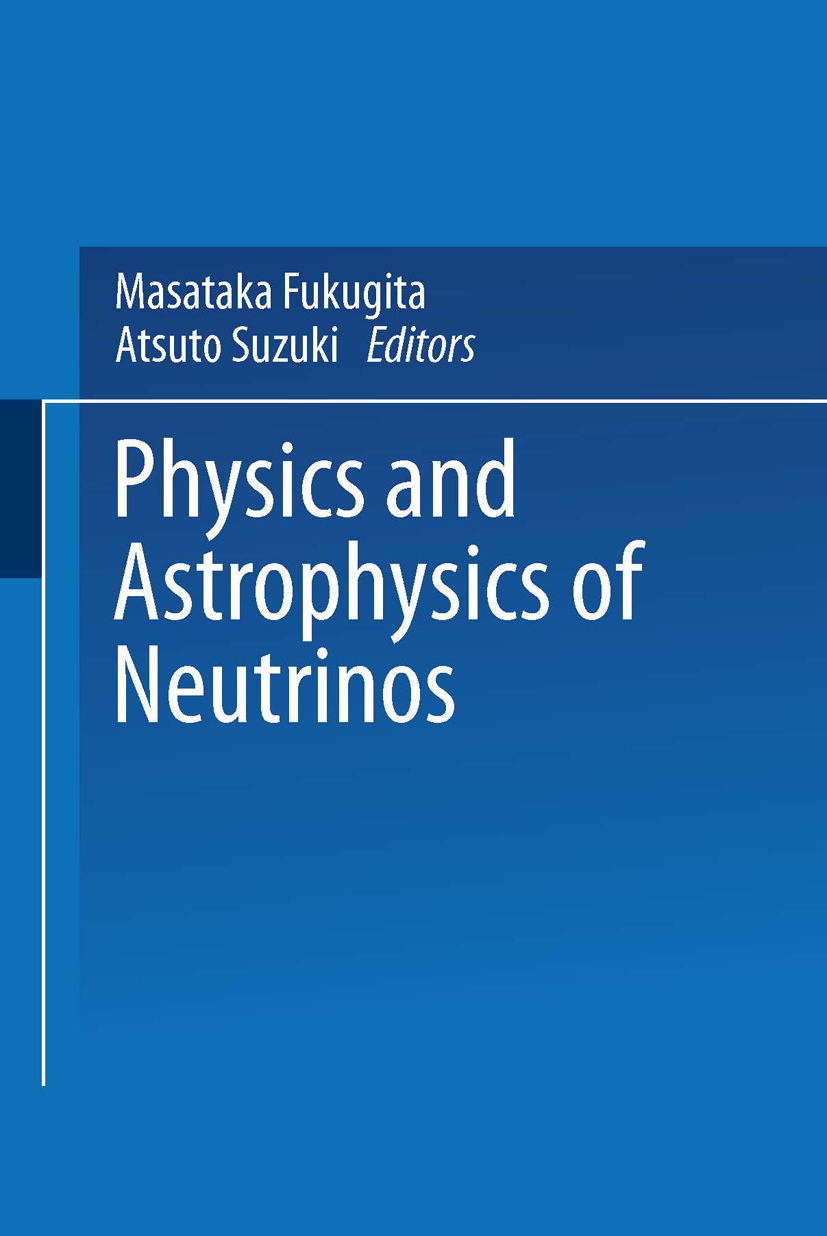
Physics and Astrophysics of Neutrinos Observations of neutrinos being emitted by the supernova SN1987A, star neutrinos, and atmospheric neutrinos by means of underground detectors have provided new insights into astronomy. These observations have brought to light new unresolved phenomena such as the solar neutrino problem, spurring investigative studies among particle physicists and astrophysicists. Today, intense interaction and continual cooperation between specialists in the field of particle physics and astronomy/cosmology are a pre-requisite for conducting further studies.This book provides detailed elaborations on selected topics. One of the most important features of this book is its enumeration of a number of basic properties of neutrinos and their relationship to Grand Unified Theories.It does not cover all aspects of neutrino theory, but rather focuses on the origin of the neutrino's mass and the generation mixing of neutrinos. The neutrino experiments described were carried out mainly by Japanese researchers. All the kamiokande results, detector performances, and complete references are included. Experiments regarding the neutrino's mass are represented in the direct mass measurement, the double beta-decay experiment, and the neutrino oscillation experiment. The detection of low-energy astrophysical neutrinos is discussed. Particle acceleration mechanisms in astrophysics and the detection of high-energy gamma-rays and neutrinos are also represented. TECHNOLOGY & ENGINEERING,Measurement
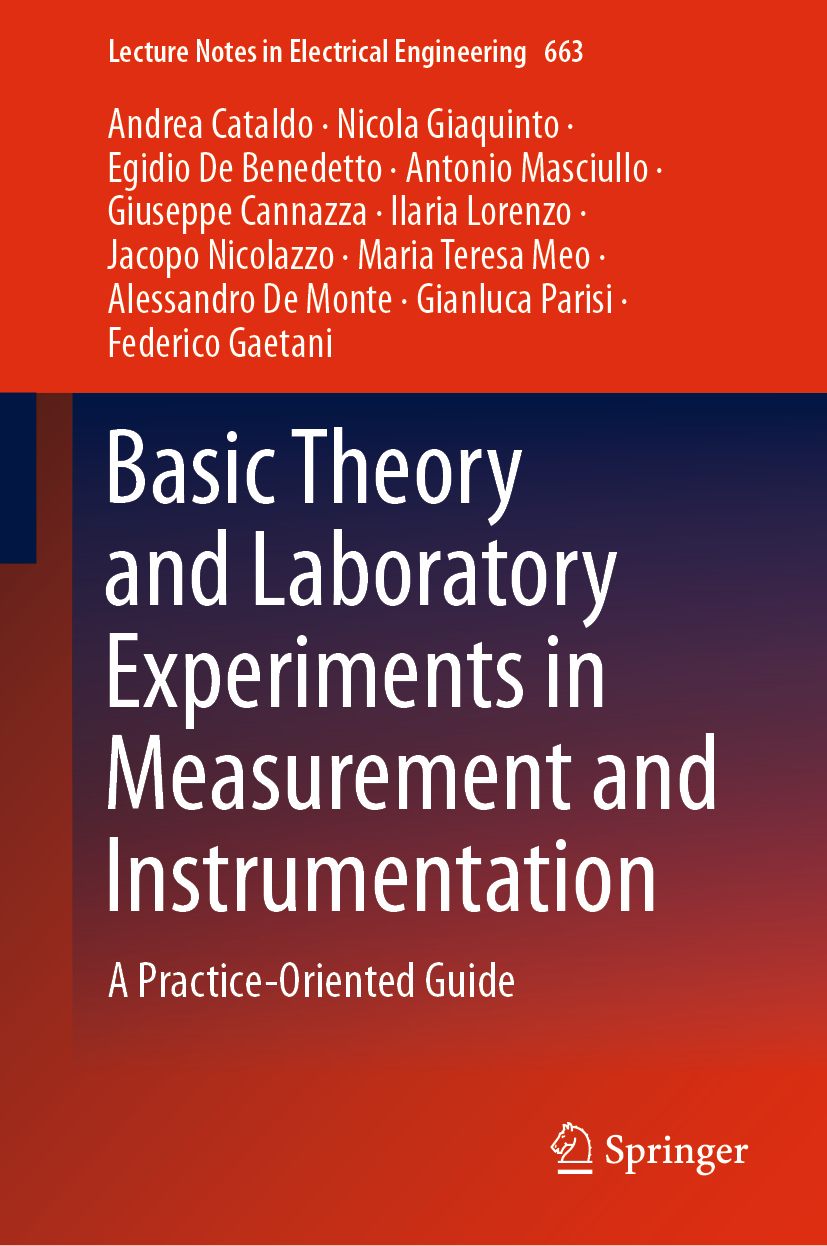
Basic Theory and Laboratory Experiments in Measurement and Instrumentation This textbook offers a unique compendium of measurement procedures for experimental data acquisition. After introducing readers to the basic theory of uncertainty evaluation in measurements, it shows how to apply it in practice to conduct a range of laboratory experiments with instruments and procedures operating both in the time and frequency domains. Offering extensive practical information and hands-on tips on using oscilloscopes, spectrum analyzers and reflectometric instrumentation, the book shows readers how to deal with e.g. filter characterization, operational amplifiers, digital and analogic spectral analysis, and reflectometry-based measurements. For each experiment, it describes the corresponding uncertainty evaluation in detail. Bridging the gap between theory and practice, the book offers a unique, self-contained guide for engineering students and professionals alike. It also provides university teachers and professors with a valuable resource for their laboratory courses on electric and electronic measurements. TECHNOLOGY & ENGINEERING,Measurement
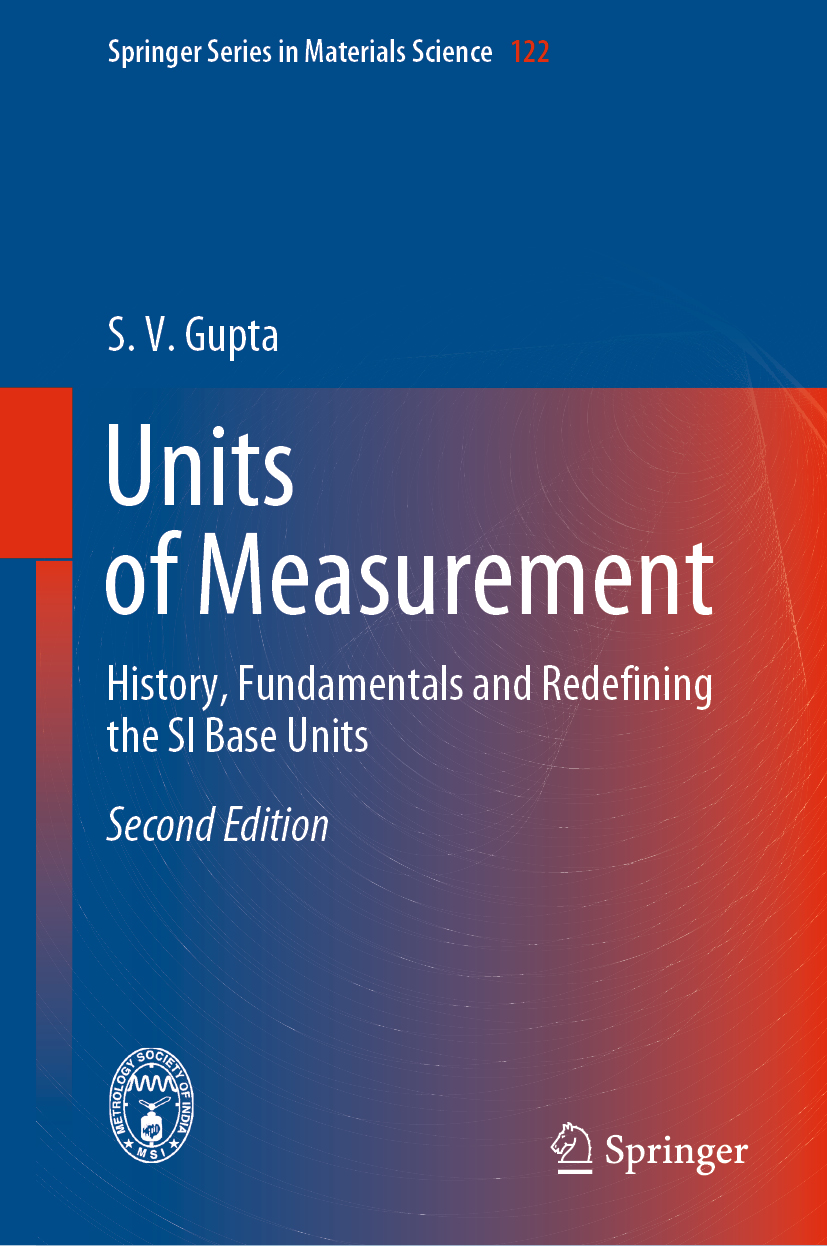
Units of Measurement It is for the first time that the subject of quantities and their respective units is dealt this much in detail, a glimpse of units of measurements of base quantities of length, time, mass and volume is given for ancient India, three and four dimensional systems of measurement units are critically examined, establishment of the fact that only four base units are needed to describe a system of units, the basics to arrive at the unit of a derived quantity are explained, basic, derived and dimensionless quantities including quantity calculus are introduced, life history of scientists concerned with measurements units are presented to be inspiring to working metrologists and students. The International System of Units including, Metre Convention Treaty and its various organs including International National of Weights and Measure are described. The realisation of base units is given in detail. Classes of derived units within the SI, units permitted for time to come, units outside SI but used in special fields of measurements are described. Methods to express large numbers are explained in detail. Multiples and sub-multiples prefixes and their proper use are also given. The latest trends to redefine the base Kilogram, Ampere, Kelvin and Mole on existing base units of mass, electric current, temperature and amount of substance, in terms of a single parameter or fundamental constants are briefly described. TECHNOLOGY & ENGINEERING,Measurement

Laser Doppler Vibrometry This book is a continuous learning tool for experienced technical staff facing laser vibrometry technology for the first time. The book covers both theoretical aspects and practical applications of laser Doppler vibrometry, and is accompanied by a multimedia presentation that allows the audience to browse the content and come as close as possible to performing real experiments. After a brief introduction, Chapter 2 presents supporting theory, providing general information on light sources, light scattering and interference for a better understanding of the rest of the book. Chapter 3 examines the theory of laser vibrometers, explaining interferometers from an optical perspective and in terms of the related electronics. It also addresses options like tracking filters and different signal demodulation strategies, since these have a significant impact on the practical use of vibrometers. Chapter 4 explores the configurations that are encountered in today’s instrumentation, with a focus on providing practical suggestions on the use of laser vibrometers. Lastly, Chapter 5 investigates metrology for vibration and shock measurements using laser interferometry, and analyses the uncertainty of laser vibrometers in depth. TECHNOLOGY & ENGINEERING,Measurement
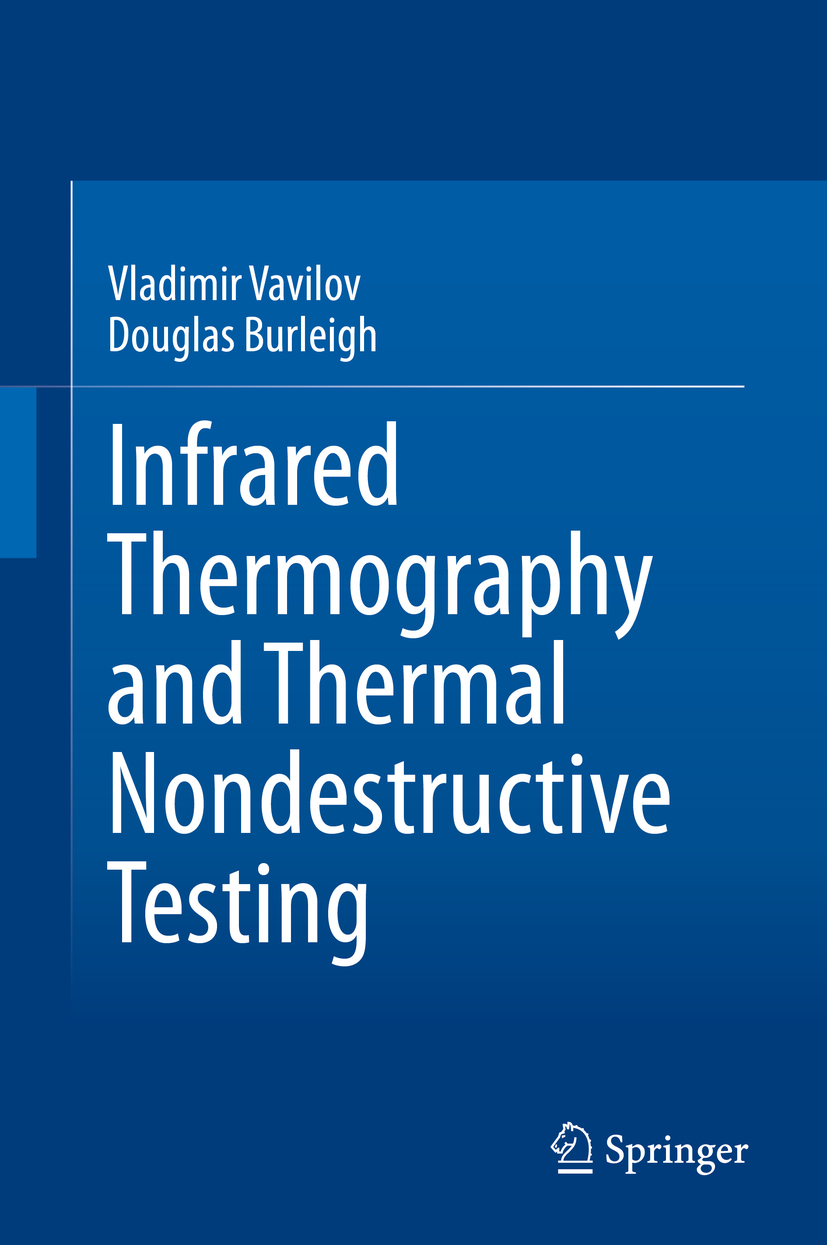
Infrared Thermography and Thermal Nondestructive Testing This is the first book summarizing the theoretical basics of thermal nondestructive testing (TNDT) by combining elements of heat conduction, infrared thermography, and industrial nondestructive testing. The text contains the physical models of TNDT, heat transfer in defective and sound structures, and thermal properties of materials. Also included are the optimization of TNDT procedures, defect characterization, data processing in TNDT, active and passive TNDT systems, as well as elements of statistical data treatment and decision making. This text contains in-depth descriptions of applications in infrared/thermal testing within aerospace, power production, building, as well as the conservation of artistic monuments The book is intended for the industrial specialists who are involved in technical diagnostics and nondestructive testing. It may also be useful for academic researchers, undergraduate, graduate and PhD university students. TECHNOLOGY & ENGINEERING,Measurement
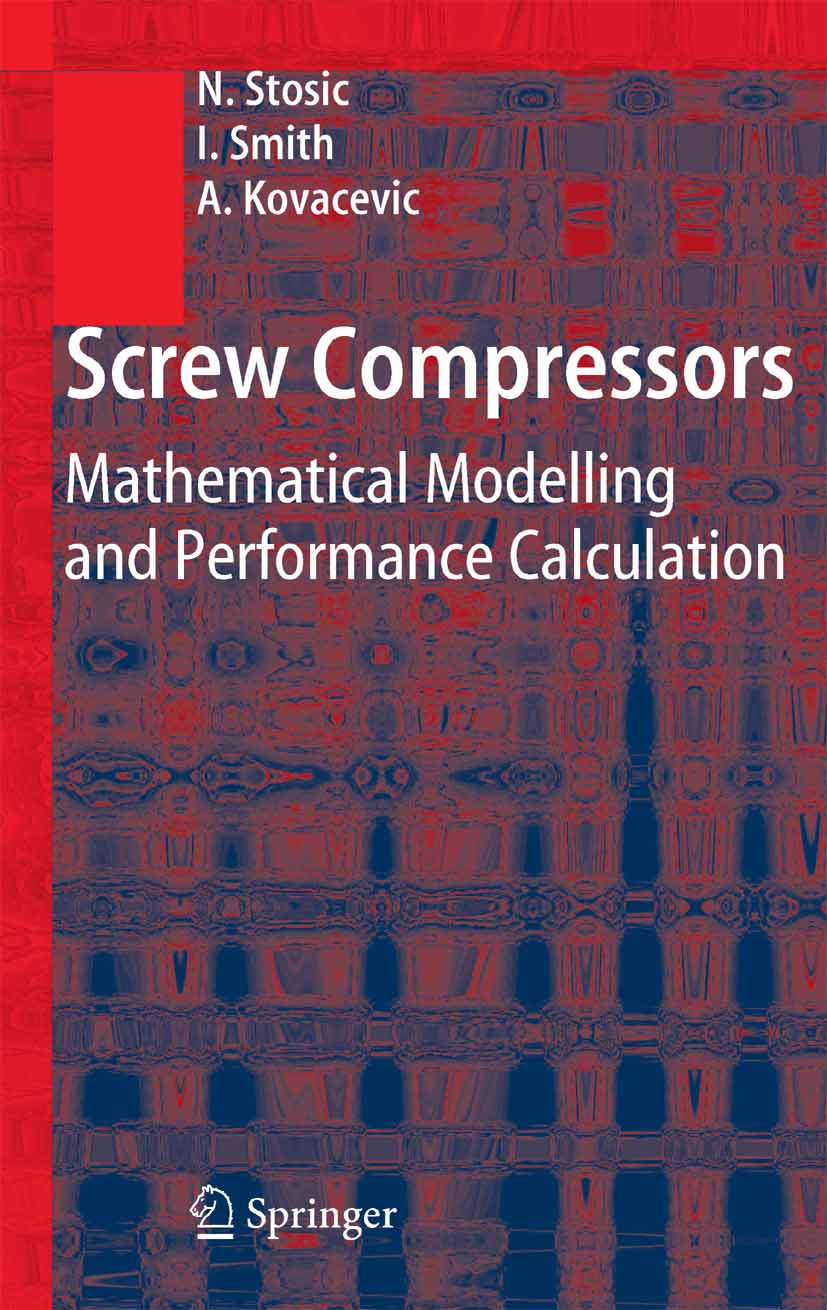
Screw Compressors Althoughtheprinciplesofoperationofhelicalscrewmachines,ascompressors or expanders, have been well known for more than 100 years, it is only during the past 30 years that these machines have become widely used. The main reasons for the long period before they were adopted were their relatively poor e?ciency and the high cost of manufacturing their rotors. Two main developments led to a solution to these di?culties. The ?rst of these was the introduction of the asymmetric rotor pro?le in 1973. This reduced the bl- hole area, which was the main source of internal leakage by approximately 90%, and thereby raised the thermodynamic e?ciency of these machines, to roughly the same level as that of traditional reciprocating compressors. The second was the introduction of precise thread milling machine tools at - proximately the same time. This made it possible to manufacture items of complex shape, such as the rotors, both accurately and cheaply. From then on, as a result of their ever improving e?ciencies, high rel- bility and compact form, screw compressors have taken an increasing share of the compressor market, especially in the ?elds of compressed air production, and refrigeration and air conditioning, and today, a substantial proportion of compressors manufactured for industry are of this type. Despite, the now wide usage of screw compressors and the publication of many scienti?c papers on their development, only a handful of textbooks have been published to date, which give a rigorous exposition of the principles of their operation and none of these are in English. TECHNOLOGY & ENGINEERING,Mechanical
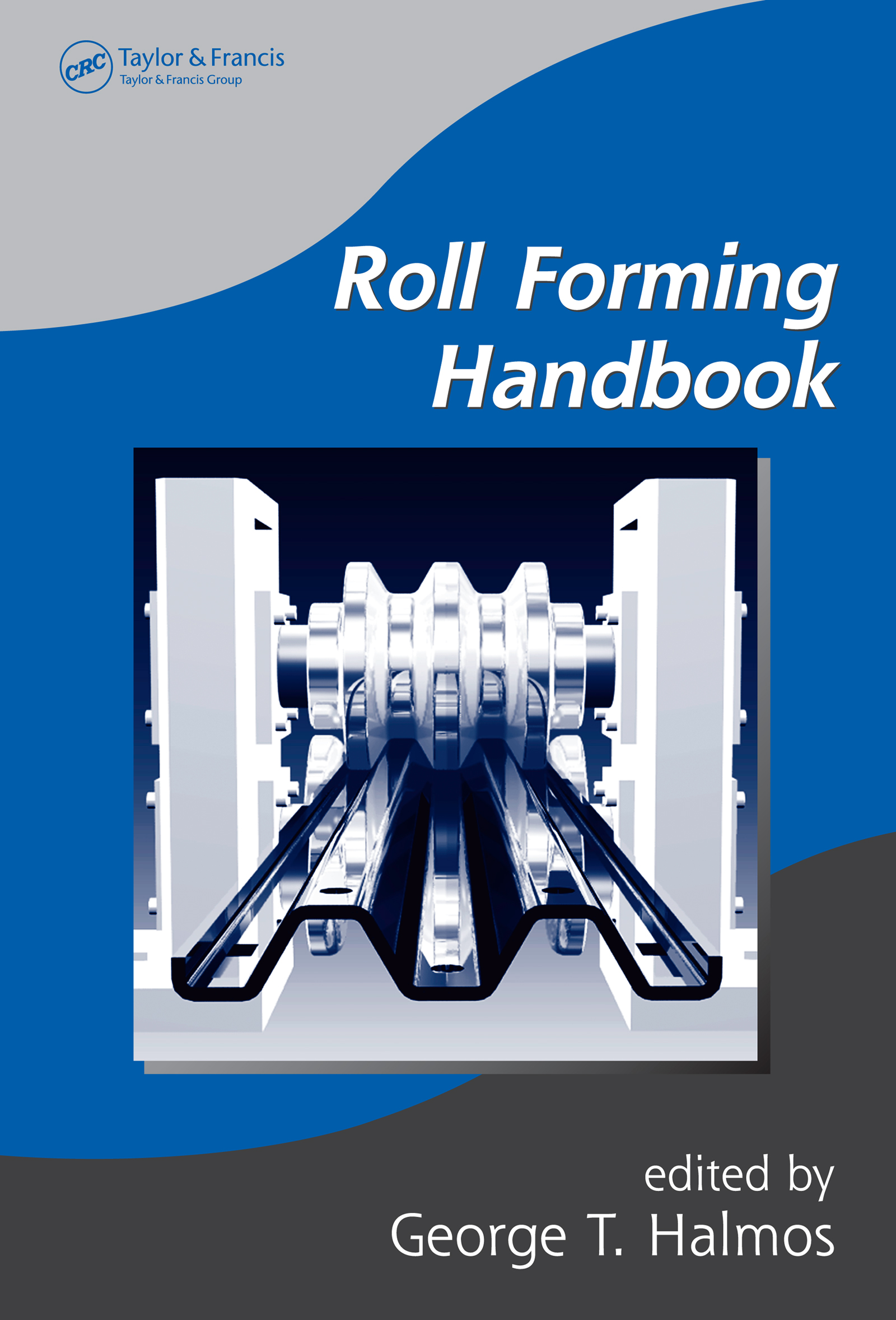
Roll Forming Handbook Roll forming is one of the most widely used processes in the world for forming metals. Most of the existing knowledge resides in various journal articles or in the minds of those who have learned from experience. Providing a vehicle to systematically collect and share this important knowledge, the Roll Forming Handbook presents the first comprehens TECHNOLOGY & ENGINEERING,Mechanical
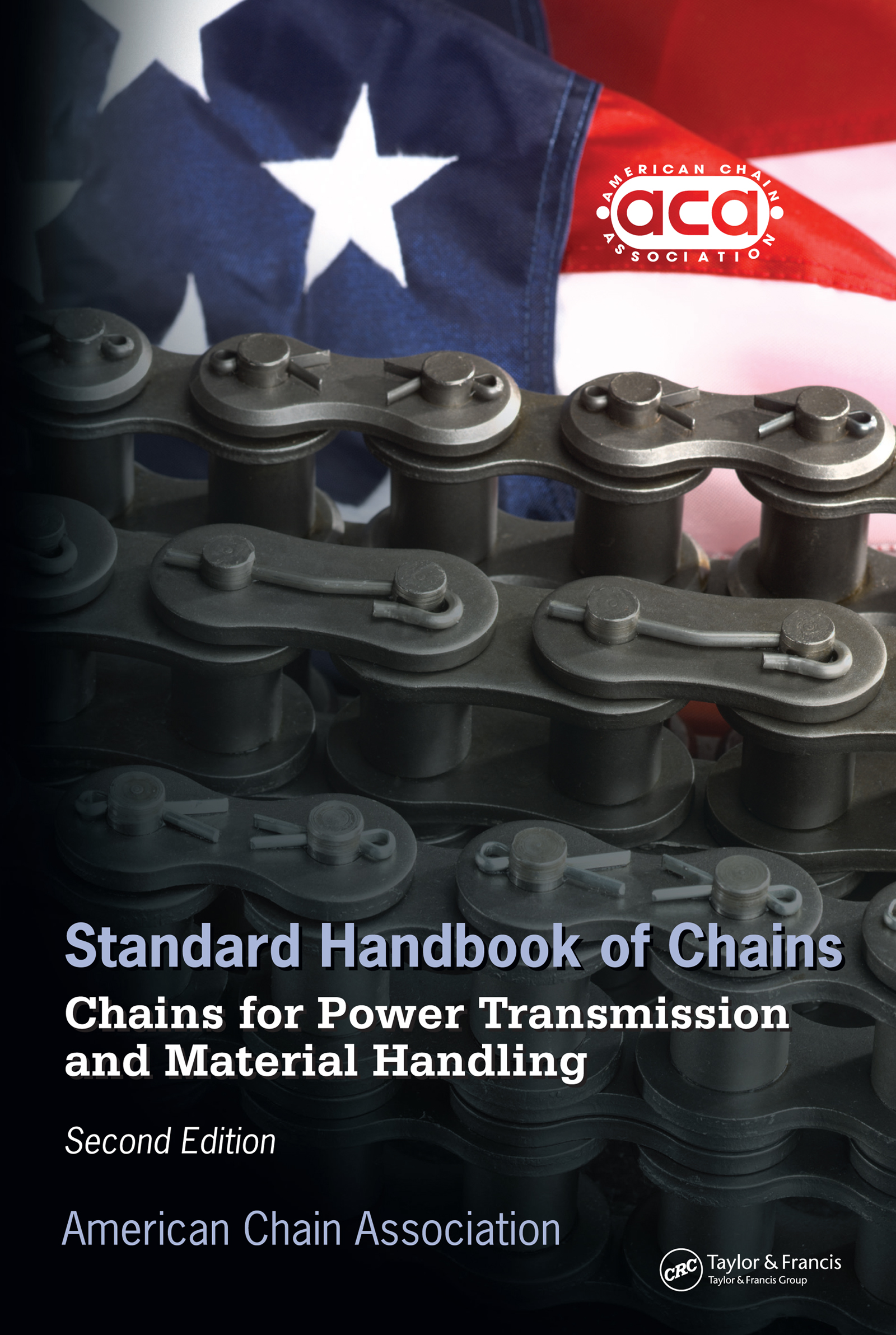
Standard Handbook of Chains Since its founding, the American Chain Association (ACA) has set the standard of excellence in developing the chain industry and enhancing the benefit to customers. The first edition of Chains for Power Transmission and Material Handling served as the keystone reference to the field for more than twenty years. Fully updated with the latest developm TECHNOLOGY & ENGINEERING,Mechanical
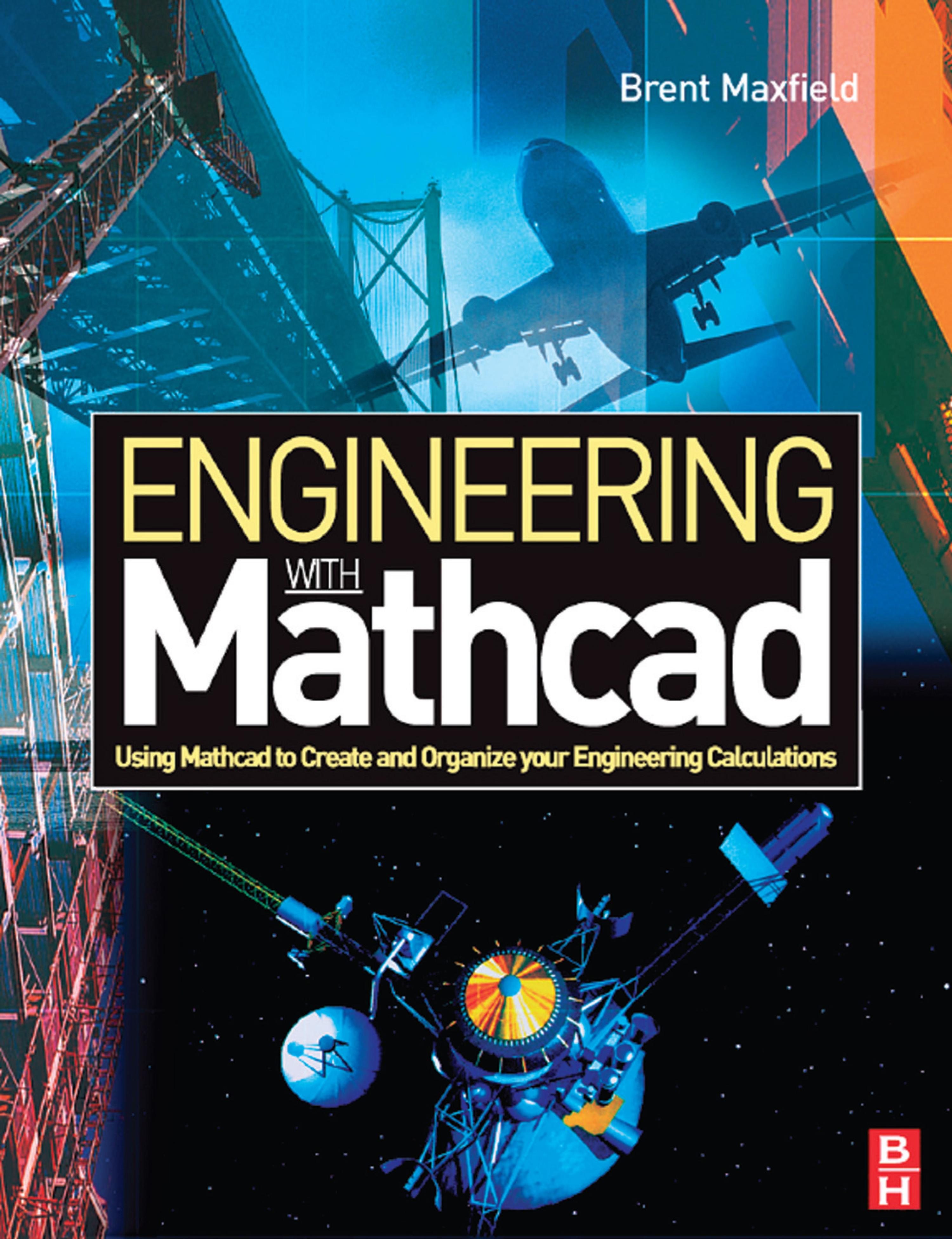
Engineering with Mathcad Using the author’s considerable experience of applying Mathcad to engineering problems, Engineering with Mathcad identifies the most powerful functions and features of the software and teaches how to apply these to create comprehensive engineering calculations. Many examples from a variety of engineering fields demonstrate the power and utility of Mathcad’s tools, while also demonstrating how other software, such as Microsoft Excel spreadsheets, can be incorporated effectively. This simple, step-by-step approach makes this book an ideal Mathcad text for professional engineers as well as engineering and science students. A CD-ROM packaged with the book contains all the examples in the text and an evaluation version of the Mathcad software, enabling the reader to learn by doing and experiment by changing parameters. * Identifies the key Mathcad functions for creating comprehensive engineering calculations* A step-by-step approach enables easy learning for professional engineers and students alike* Includes a CD-ROM containing all the examples in the text and an evaluation version of the Mathcad software TECHNOLOGY & ENGINEERING,Mechanical
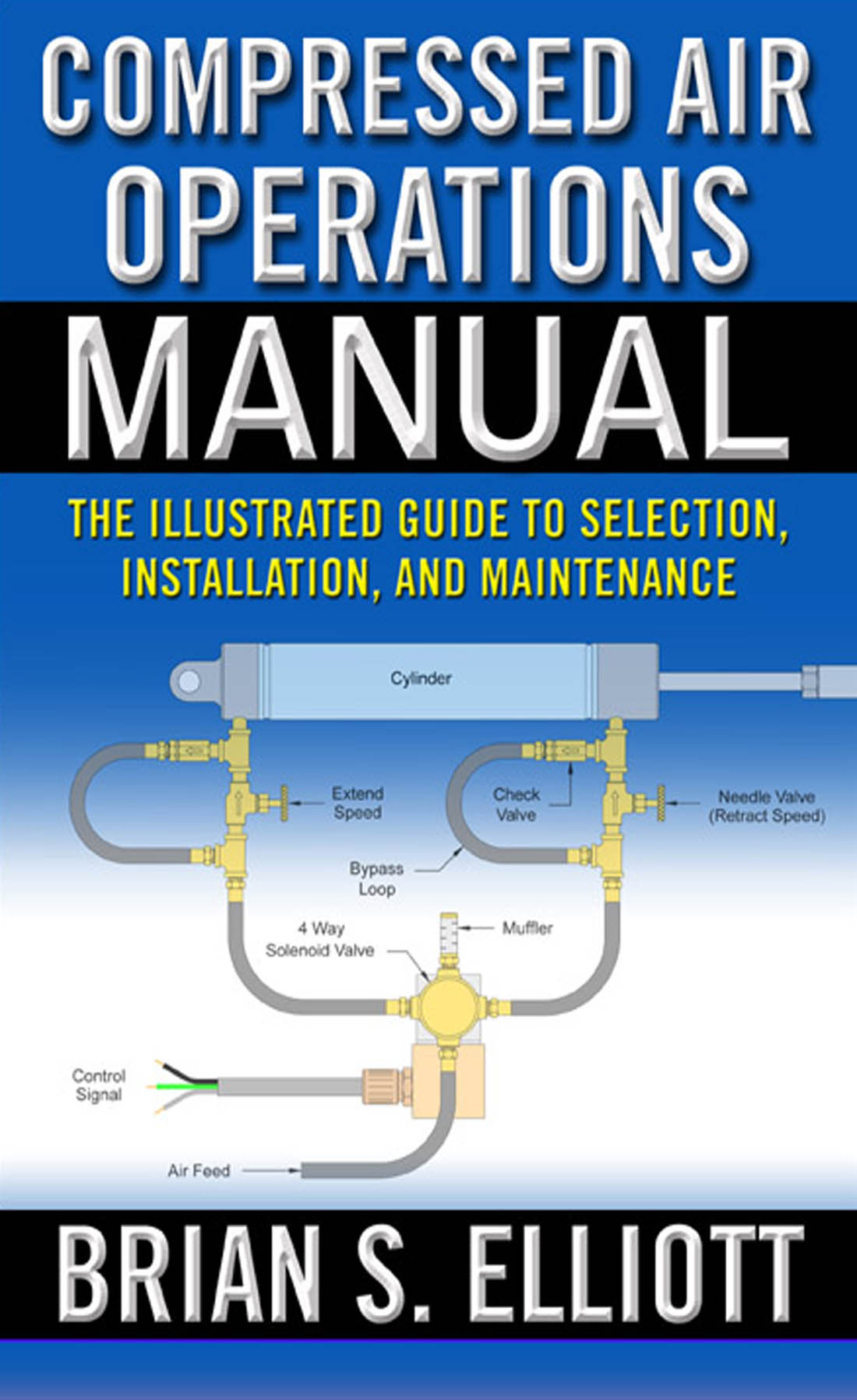
Compressed Air Operations Manual Compressed air systems are the third most important utility to industry and are commonly the most misunderstood. Written to appeal to operators, mechanics and junior engineers, this manual is designed to provide a solid understanding of common compression systems and operations techniques. Using this book, the users learn tips and techniques for: creating a baseline of system performance, determining the impact of different compressors and compressor control types for the job at hand, and learning basic approaches to general maintenance. TECHNOLOGY & ENGINEERING,Mechanical
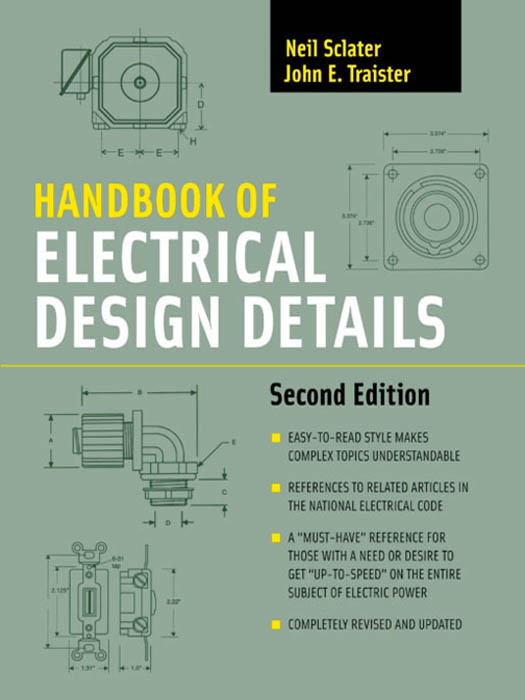
Handbook of Electrical Design Details A COMPREHENSIVE SOURCE OF TECHNICAL DETAILS ON ELECTRICAL POWER FROM GENERATION TO PRACTICAL APPLICATIONS Reliable, low-cost electric power is a fundamental requirement for modern society, making possible such vital services as lighting, HVAC, transportation, communication, and data processing, in addition to driving motors of all sizes. A mainstay of industrial productivity and economic prosperity, it is also essential for safeguarding human life and health. This handbook is a valuable information resource on electric power for everyone from technical professionals to students and laypeople. This compact, user-friendly edition updates and expands on the earlier edition. Its core content of power generation, distribution, lighting, wiring, motors, and project planning has been supplemented by new topics: * CAD for preparing electrical drawings and estimates* Basic switch and receptacle circuit wiring* Structured wiring for multimedia* Swimming pool and low-voltage lighting* Electrical surge protection An easy-to-read style makes complex topics understandable. It’s a must-have reference for those with a need or desire to get up to speed on the entire subject of electric power or just familiarize themselves with the latest advances--regardless of their formal education or training. Reader-helpful features in this edition include: * Up-front chapter summaries to save time in finding topics of interest.* References to related articles in the National Electrical Code.* A bibliography identifying additional sources for digging deeper.* Approximately 300 illustrations TECHNOLOGY & ENGINEERING,Mechanical
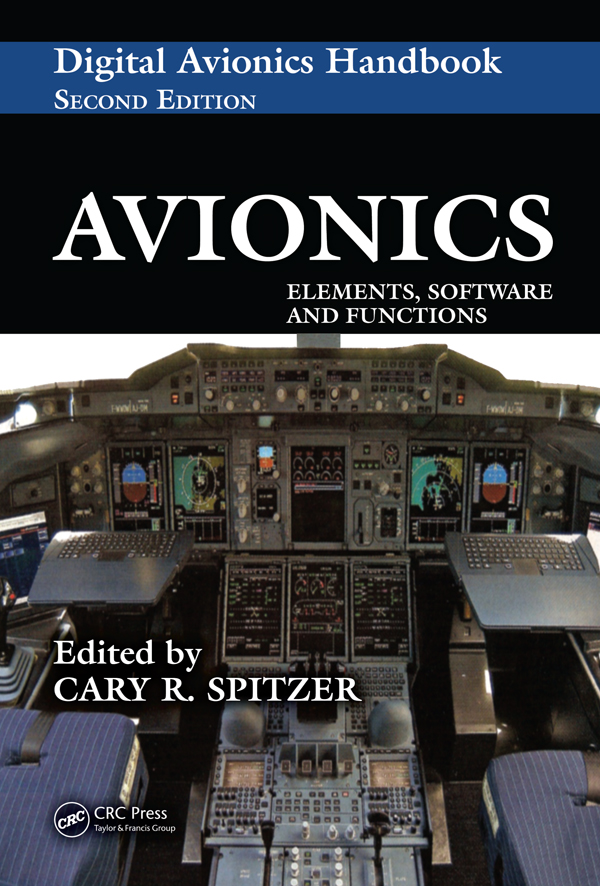
Avionics Renamed to reflect the increased role of digital electronics in modern flight control systems, Cary Spitzer's industry-standard Digital Avionics Handbook, Second Edition is available in two comprehensive volumes designed to provide focused coverage for specialists working in different areas of avionics development. The first installment, Avionics: Elements, Software, and Functions covers the building blocks and enabling technologies behind modern avionics systems. It discusses data buses, displays, human factors, standards, and flight systems in detail and includes new chapters on the Time-Triggered Protocol (TTP), ARINC specification 653, communications, and vehicle health management systems. TECHNOLOGY & ENGINEERING,Mechanical
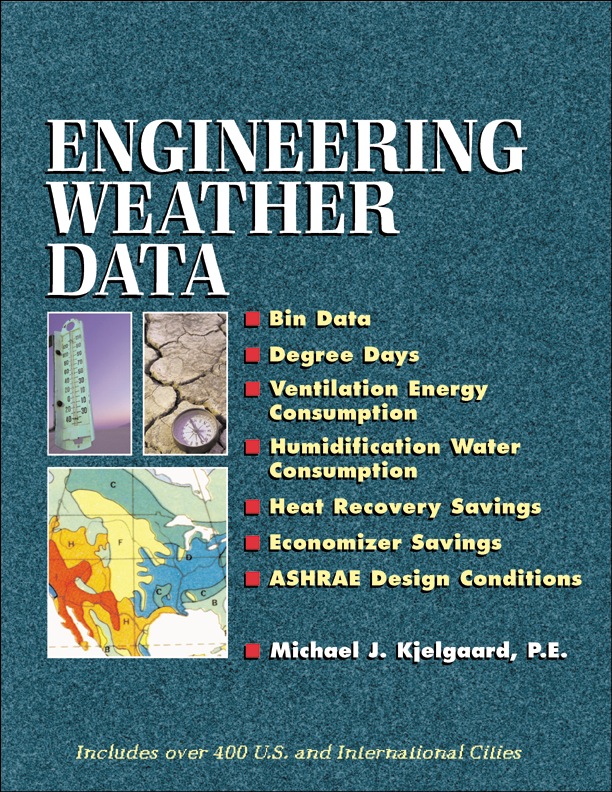
Engineering Weather Data One-stop weather database A valuable weather data resource for engineers and project managers, Michael Kjelgaard’s Engineering Weather Data is loaded with data you’ll find essential for designing buildings and HVAC systems in cities with different climates. You get table after table of important weather statistics, organized by city for easy look-up, including tables of weather data for cities throughout the US -- plus 355 cities in Canada and Mexico, and 100 cities throughout the rest of the world. Material is derived mostly from the National Weather Service (NWS), the National Renewable Energy Lab (NREL), and ASHRAE, and includes notes and methodologies for: *ASHRAE Design Conditions*Ventilation Heating and Cooling*Humidification Systems* Bin Data*Degree Day Data*Economizer System Savings*Air to Air Heat Recovery*Engineering Weather Data TECHNOLOGY & ENGINEERING,Mechanical
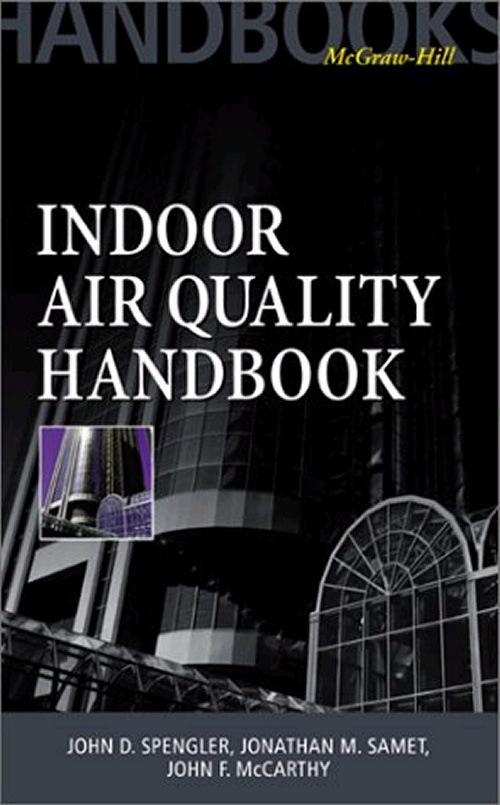
Indoor Air Quality Handbook * Tackles the complex environmental issue of Indoor Air Quality (IAQ) for industrial hygienists, HVAC engineers, architects and anyone else concerned with the air quality of interiors* Infused with charts, tables, and all the major formulas and calculations necessary to monitor and characterize a particular environment* Includes all relevant codes, standards and guidelines TECHNOLOGY & ENGINEERING,Mechanical
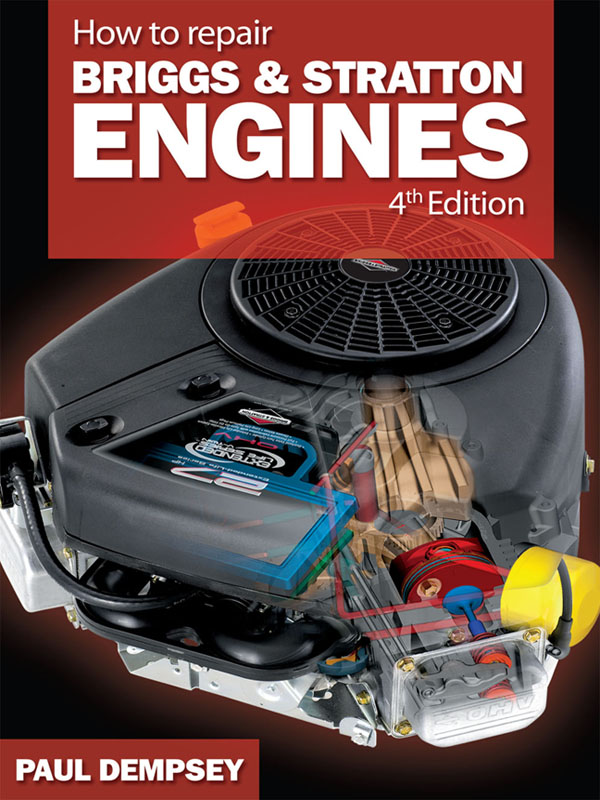
How to Repair Briggs and Stratton Engines, 4th Ed. Learn the Latest Money-Saving Techniques for Troubleshooting and Repairing Any Briggs & Stratton Engine, New or Old! /p> Turn to the Fourth Edition of How to Repair Briggs & Stratton Engines for expert guidance on completing any Briggs & Stratton maintenance and repair job quickly and easily. This money-saving resource now includes the latest information on overhead valves (OHV), carburetion advances, new muffler designs, and cutting-edge alternators. Filled with proven techniques for fixing both brand-new and older model Briggs & Stratton engines, the Fourth Edition of this hands-on reference covers everything from ignition, fuel, and charging systems…to starters and engine mechanics. You will find step-by-step instructions for troubleshooting and repairing magnetos…carburetors… governors…alternators…main bearings…flywheels…coils…fuel pumps …air filters…rewind and electric starters…and connecting rods. Using more than 190 detailed illustrations, the Fourth Edition of How to Repair Briggs & Stratton Engines features: All the expertise needed to perform maintenance and repair jobs on any Briggs & Stratton engine Comprehensive guidance on state-of-the-art small-engine technology New to this edition: updated material on overhead valve design (OHV); new coverage of Flo-Jet suction lift carburetion; and new information on alternators, torque limits, and bolt tightening sequences Inside this Updated Briggs & Stratton Repair Kit • Introduction • The Product Range • Troubleshooting • Ignition Systems • The Fuel System • Starters • Charging Systems • Engine Mechanics • The Overhead Valve Revolution TECHNOLOGY & ENGINEERING,Mechanical
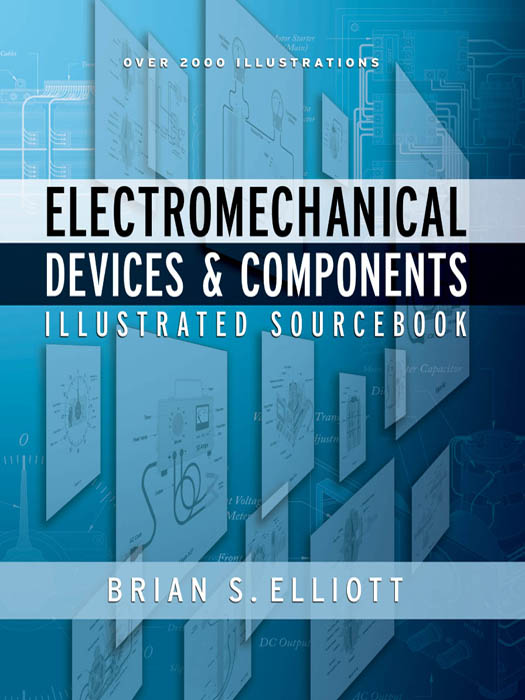
Electromechanical Devices & Components Illustrated Sourcebook Get Quick Access to 2,000 Illustrations of Components and Devices Used in Electromechanical Machines and Systems! Ideal for all engineers and technicians who design, repair, and operate electromechanical equipment, Electromechanical Devices and Components Illustrated Sourcebook provides 2,000 illustrations of the most commonly used elements found in today's electromechanical machines and systems. This essential working tool contains detailed diagrams, drawn to scale, with relevant calculations and tabular information presented for easy reference. Packed with engineering examples and principles, this easy-to-use guide offers you a comprehensive overview of all the most important and fundamental electromechanical elements. The book includes on-target illustrations of power sources…acoustic devices…electrical controls…circuit breakers…connectors…fuses and motors…heating elements…mechanical switches and relays…vacuum tubes…meters…wire and conductors…sensors and transducers…and much more. Electromechanical Devices and Components Illustrated Sourcebook features: 2,000 illustrations of electromechanical components and devices Quick access to vital engineering information All diagrams drawn to scale, with calculations and tabular data Detailed explanations of elements, with graphs and formulae A broad range of engineering examples and principles A source of innovative ideas for design engineers This Time-Saving Engineering Tool Includes Illustrations of • Power Sources • Acoustic Devices • Magnetic Components • Electrical Controls _ Circuit Protection • Heating • Vacuum Tubes • Rotating Equipment • Meters • Connectors • Wire and Conductors • Lighting • Controlling Mechanical Movements • Sensors • Standards TECHNOLOGY & ENGINEERING,Mechanical
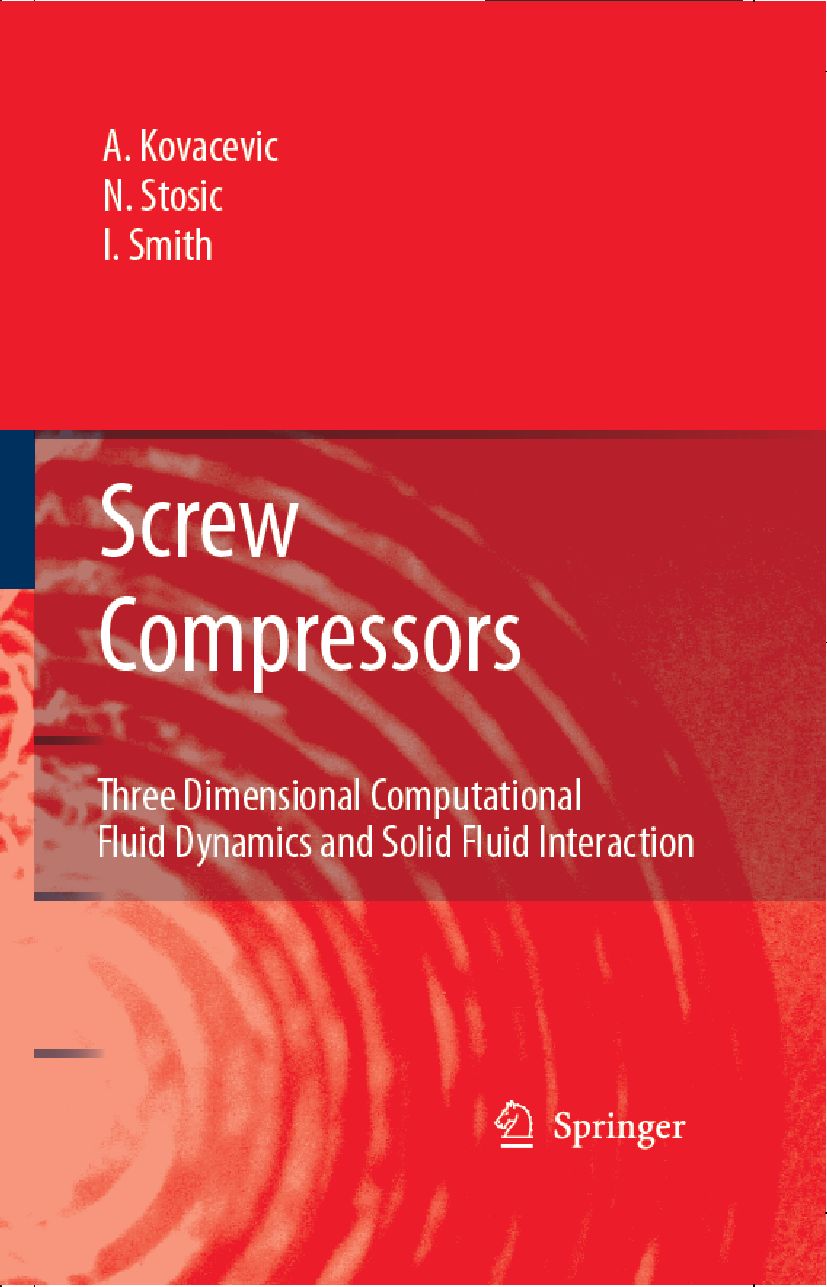
Screw Compressors This book presents the most up-to-date methods of three-dimensional modeling of the fluid dymanics and the solid-fluid interaction within these machines, which are still being developed. Adding modeling to the design process makes it possible not only to predict flow patterns more accurately, and also to determine distorting effects on rotors and casing of pressure and temperature distribution within the compressor. Examples outline the scope of the applied mathematical model. TECHNOLOGY & ENGINEERING,Mechanical
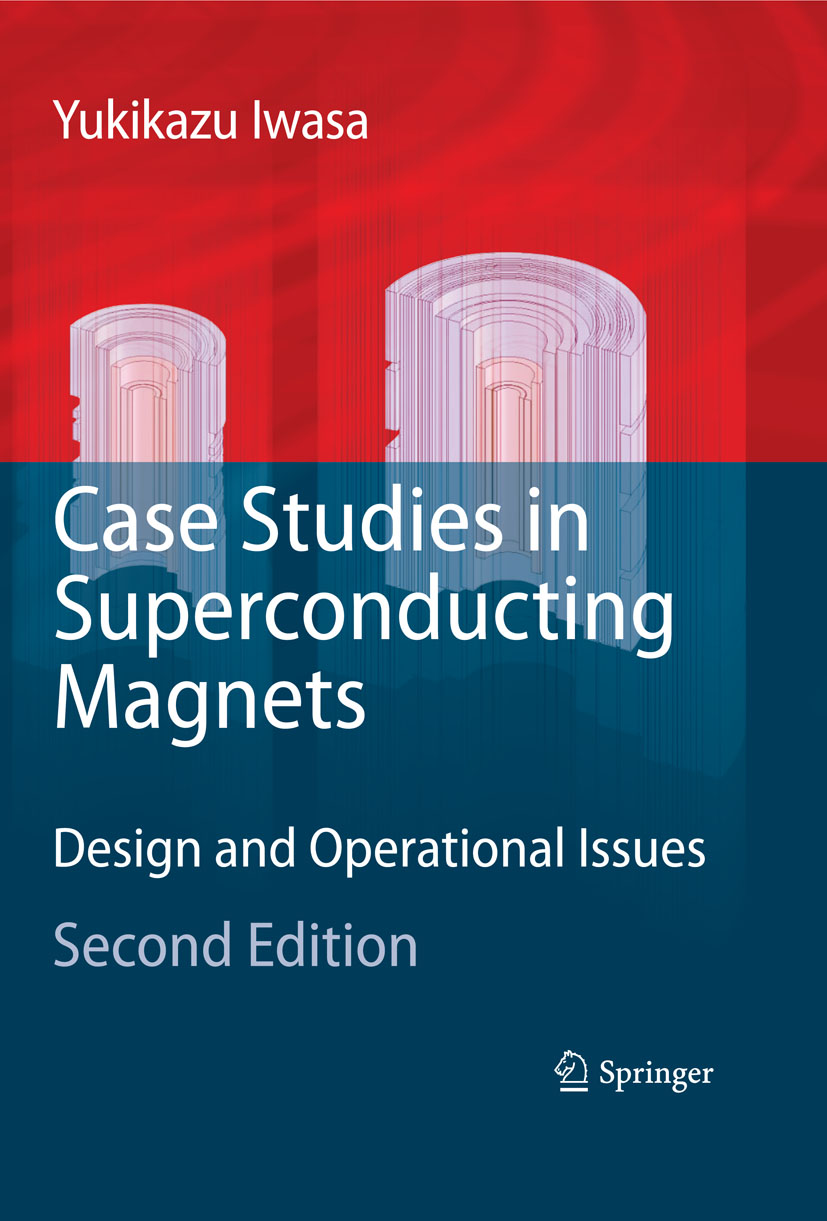
Case Studies in Superconducting Magnets The 2nd edition emphasizes two areas not emphasized in the 1st edition: 1) high-temperature superconductor (HTS) magnets; 2) NMR (nuclear magnetic resonance) and MRI (magnetic resonance imaging) magnets. Despite nearly 40 years of R and D on superconducting magnet technology, most areas, notably fusion and electric power applications, are still in the R and D stage. One exception is in the area of NMR and MRI. NMR magnets are very popular among chemists, biologists, genome scientists, and most of all, by drug manufacturers for drug discovery and development. MRI and NMR magnets have become the most successful application of superconducting magnet technology and this trend should continue. The 2nd edition will have new materials never treated formally in any other book of this kind. As with the 1st, most subjects will be presented through problem format to educate and train the designer. TECHNOLOGY & ENGINEERING,Mechanical
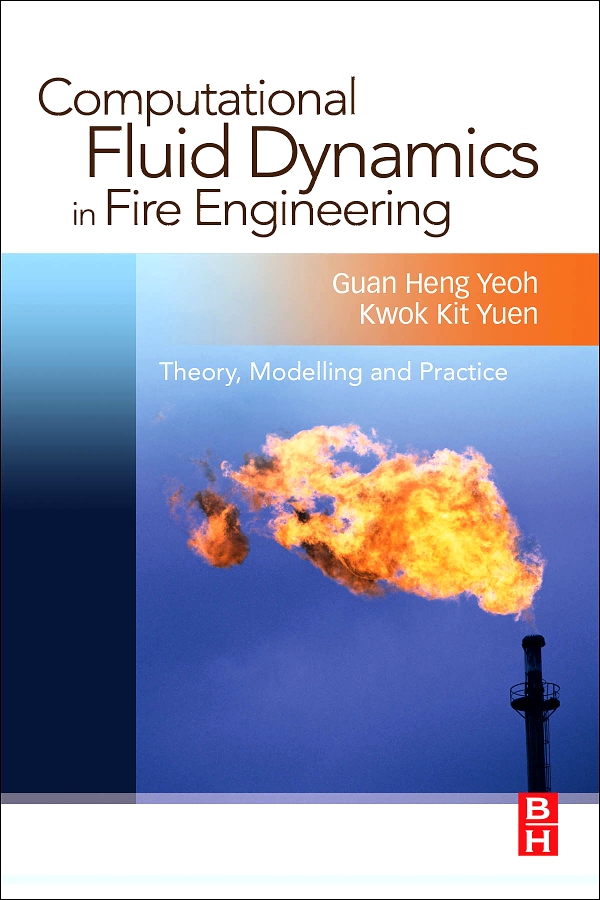
Computational Fluid Dynamics in Fire Engineering Fire and combustion presents a significant engineering challenge to mechanical, civil and dedicated fire engineers, as well as specialists in the process and chemical, safety, buildings and structural fields. We are reminded of the tragic outcomes of ‘untenable’ fire disasters such as at King’s Cross underground station or Switzerland’s St Gotthard tunnel. In these and many other cases, computational fluid dynamics (CFD) is at the forefront of active research into unravelling the probable causes of fires and helping to design structures and systems to ensure that they are less likely in the future. Computational fluid dynamics (CFD) is routinely used as an analysis tool in fire and combustion engineering as it possesses the ability to handle the complex geometries and characteristics of combustion and fire. This book shows engineering students and professionals how to understand and use this powerful tool in the study of combustion processes, and in the engineering of safer or more fire resistant (or conversely, more fire-efficient) structures. No other book is dedicated to computer-based fire dynamics tools and systems. It is supported by a rigorous pedagogy, including worked examples to illustrate the capabilities of different models, an introduction to the essential aspects of fire physics, examination and self-test exercises, fully worked solutions and a suite of accompanying software for use in industry standard modeling systems. ·Computational Fluid Dynamics (CFD) is widely used in engineering analysis; this is the only book dedicated to CFD modeling analysis in fire and combustion engineering·Strong pedagogic features mean this book can be used as a text for graduate level mechanical, civil, structural and fire engineering courses, while its coverage of the latest techniques and industry standard software make it an important reference for researchers and professional engineers in the mechanical and structural sectors, and by fire engineers, safety consultants and regulators·Strong author team (CUHK is a recognized centre of excellence in fire eng) deliver an expert package for students and professionals, showing both theory and applications. Accompanied by CFD modeling code and ready to use simulations to run in industry-standard ANSYS-CFX and Fluent software. TECHNOLOGY & ENGINEERING,Mechanical
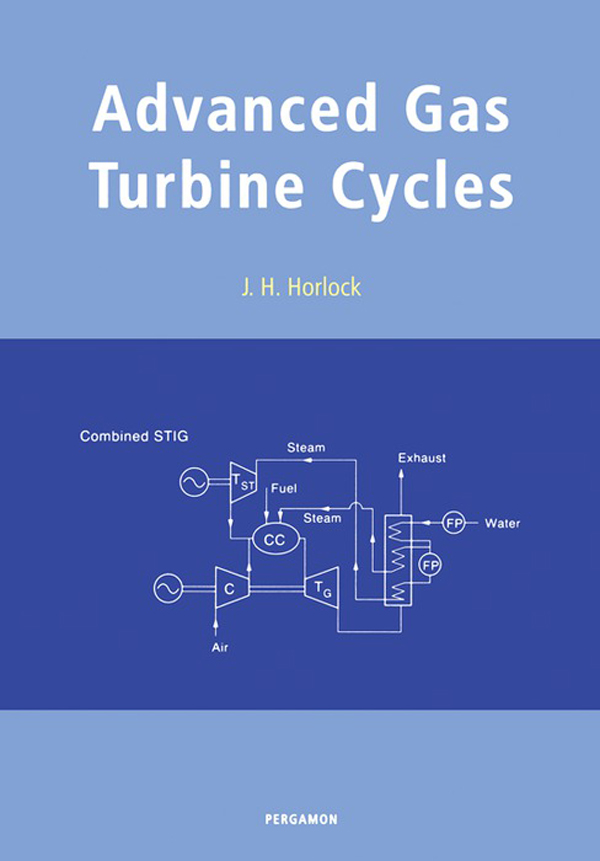
Advanced Gas Turbine Cycles Primarily this book describes the thermodynamics of gas turbine cycles. The search for high gas turbine efficiency has produced many variations on the simple "open circuit" plant, involving the use of heat exchangers, reheating and intercooling, water and steam injection, cogeneration and combined cycle plants. These are described fully in the text. A review of recent proposals for a number of novel gas turbine cycles is also included. In the past few years work has been directed towards developing gas turbines which produce less carbon dioxide, or plants from which the CO2 can be disposed of; the implications of a carbon tax on electricity pricing are considered. In presenting this wide survey of gas turbine cycles for power generation the author calls on both his academic experience (at Cambridge and Liverpool Universities, the Gas Turbine Laboratory at MIT and Penn State University) and his industrial work (primarily with Rolls Royce, plc.) The book will be essential reading for final year and masters students in mechanical engineering, and for practising engineers. TECHNOLOGY & ENGINEERING,Mechanical

Engineering Dynamics This textbook introduces undergraduate students to engineering dynamics using an innovative approach that is at once accessible and comprehensive. Combining the strengths of both beginner and advanced dynamics texts, this book has students solving dynamics problems from the very start and gradually guides them from the basics to increasingly more challenging topics without ever sacrificing rigor. Engineering Dynamics spans the full range of mechanics problems, from one-dimensional particle kinematics to three-dimensional rigid-body dynamics, including an introduction to Lagrange's and Kane's methods. It skillfully blends an easy-to-read, conversational style with careful attention to the physics and mathematics of engineering dynamics, and emphasizes the formal systematic notation students need to solve problems correctly and succeed in more advanced courses. This richly illustrated textbook features numerous real-world examples and problems, incorporating a wide range of difficulty; ample use of MATLAB for solving problems; helpful tutorials; suggestions for further reading; and detailed appendixes. Provides an accessible yet rigorous introduction to engineering dynamics Uses an explicit vector-based notation to facilitate understanding Professors: A supplementary Instructor's Manual is available for this book. It is restricted to teachers using the text in courses. For information on how to obtain a copy, refer to: http://press.princeton.edu/class_use/solutions.html TECHNOLOGY & ENGINEERING,Mechanical
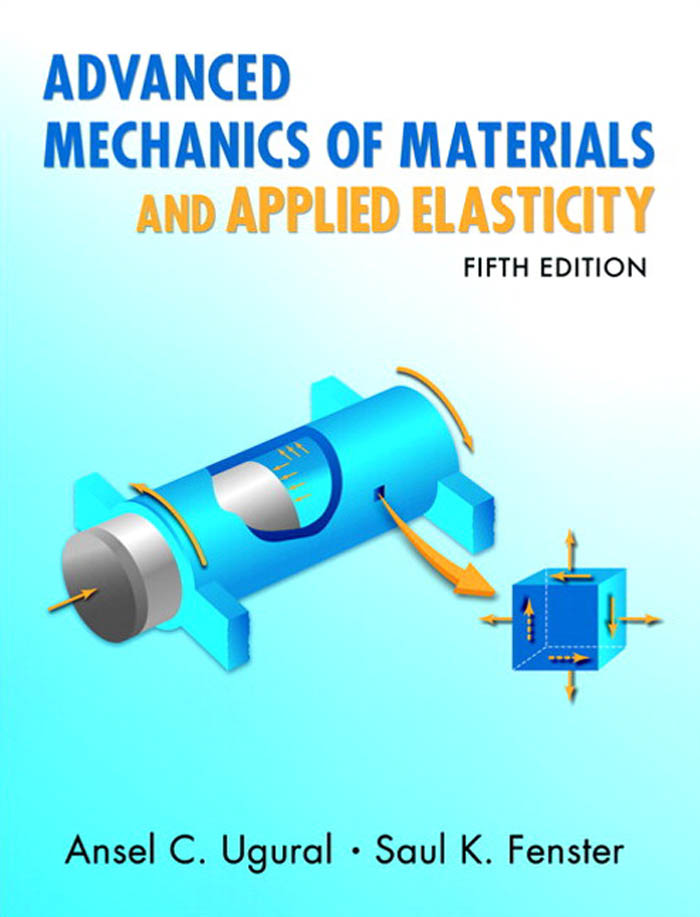
Advanced Mechanics of Materials and Applied Elasticity This systematic exploration of real-world stress analysis has been completely updated to reflect state-of-the-art methods and applications now used in aeronautical, civil, and mechanical engineering, and engineering mechanics. Distinguished by its exceptional visual interpretations of solutions, Advanced Mechanics of Materials and Applied Elasticity offers in-depth coverage for both students and engineers. The authors carefully balance comprehensive treatments of solid mechanics, elasticity, and computer-oriented numerical methods—preparing readers for both advanced study and professional practice in design and analysis. This major revision contains many new, fully reworked, illustrative examples and an updated problem set—including many problems taken directly from modern practice. It offers extensive content improvements throughout, beginning with an all-new introductory chapter on the fundamentals of materials mechanics and elasticity. Readers will find new and updated coverage of plastic behavior, three-dimensional Mohr’s circles, energy and variational methods, materials, beams, failure criteria, fracture mechanics, compound cylinders, shrink fits, buckling of stepped columns, common shell types, and many other topics. The authors present significantly expanded and updated coverage of stress concentration factors and contact stress developments. Finally, they fully introduce computer-oriented approaches in a comprehensive new chapter on the finite element method. TECHNOLOGY & ENGINEERING,Mechanical

Mechanisms and Mechanical Devices Sourcebook, 5th Edition THOUSANDS OF DRAWINGS AND DESCRIPTIONS COVER INNOVATIONS IN MECHANICAL ENGINEERING Fully revised throughout, this abundantly illustrated reference describes proven mechanisms and mechanical devices. Each illustration represents a design concept that can easily be recycled for use in new or modified mechanical, electromechanical, or mechatronic products. Tutorials on the basics of mechanisms and motion control systems introduce you to those subjects or act as a refresher. Mechanisms and Mechanical Devices Sourcebook, Fifth Edition, contains new chapters on mechanisms for converting renewable energy into electrical power, 3D digital prototyping and simulation, and progress in MEMS and nanotechnology based on carbon nanotubes. A new chapter on stationary and mobile robots describes their roles in industry, science, national defense, and medicine. The latest advances in rapid prototyping are also discussed. This practical guide will get you up to speed on many classical mechanical devices as well as the hot new topics in mechanical engineering. COMPREHENSIVE INDEX MAKES IT EASY TO FIND SUBJECTS OF INTEREST GLOSSARIES OF TERMS ON: CAMS, GEARS, MECHANICS, MOTION CONTROL, ROBOTICS, WIND TURBINES, PUMPS, AND 3D DIGITAL PROTOTYPING AND SIMULATION COVERAGE OF MOBILE ROBOTS THAT EXPLORE MARS, PERFORM MILITARY DUTIES AND PUBLIC SERVICE, HANDLE AUTOMATED DELIVERY, CONDUCT SURVEILLANCE FROM THE AIR, AND SEARCH UNDER THE SEA DETAILS ON THE MECHANISMS IN RENEWABLE-ENERGY AND WIND-TURBINE AND SOLAR-THERMAL FARMS AND WAVE-MOTION POWER PLANTS Mechanisms and Mechanical Devices Sourcebook, Fifth Edition, covers:Basics of mechanisms * Motion control systems * New stationary and mobile robots * New mechanisms for renewable power generation * Drives and mechanisms with linkages, gears, cams, genevas, and ratchets * Clutches and brakes * Latching, fastening, and clamping devices and mechanisms * Chains, belts, springs, and screws * Shaft couplings and connections * Motion-specific devices * Packaging, conveying, handling, and safety mechanisms and machines * Torque, speed, tension, and limit control systems * Instruments and controls: pneumatic, hydraulic, electric, and electronic * New 3D digital prototyping and simulation techniques * New rapid prototyping methods * New directions in mechanical engineering TECHNOLOGY & ENGINEERING,Mechanical
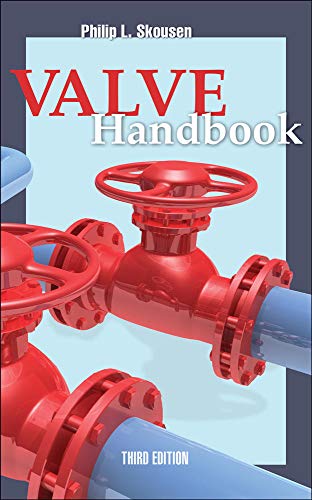
Valve Handbook 3rd Edition Comprehensive, up-to-date coverage of valves for the process industry Revised to include details on the latest technologies, Valve Handbook, Third Edition, discusses design, performance, selection, operation, and application. This updated resource features a new chapter on the green technology currently employed by the valve industry, as well as an overview of the major environmental global standards that process plants are expected to meet. The book also contains new information on: Valves used in the wastewater industry Applying emergency shutdown (ESO) valves Recent changes to shutoff classifications Valves specified for the nuclear industry The procurement process for the Nuclear Stamp (N-Stamp) The emergence of wireless technology and its application to current smart technology Characteristics of high-performance hydraulic fluid Valve Handbook, Third Edition, covers: Valve selection criteria Manual valves Check valves Pressure relief valves Control valves Manual operators and actuators Smart valves and positioners Valve and actuator sizing Green valve technology and application Common valve problems Valve purchasing issues TECHNOLOGY & ENGINEERING,Mechanical

Pipe Drafting and Design Pipe Drafting and Design, Third Edition provides step-by-step instructions to walk pipe designers, drafters, and students through the creation of piping arrangement and isometric drawings. It includes instructions for the proper drawing of symbols for fittings, flanges, valves, and mechanical equipment. More than 350 illustrations and photographs provide examples and visual instructions. A unique feature is the systematic arrangement of drawings that begins with the layout of the structural foundations of a facility and continues through to the development of a 3-D model. Advanced chapters discuss the use of 3-D software tools from which elevation, section and isometric drawings, and bills of materials are extracted. Covers drafting and design of pipes from fundamentals to detailed advice on the development of piping drawings, using manual and CAD techniques 3-D model images provide an uncommon opportunity to visualize an entire piping facility Each chapter includes exercises and questions designed for review and practice New to this edition: A large scale project that includes foundation location, equipment location, arrangement, and vendor drawings Updated discussion and use of modern CAD tools Additional exercises, drawings, and dimensioning charts to provide practice and assessment New set of Powerpoint images to help develop classroom lectures TECHNOLOGY & ENGINEERING,Mechanical
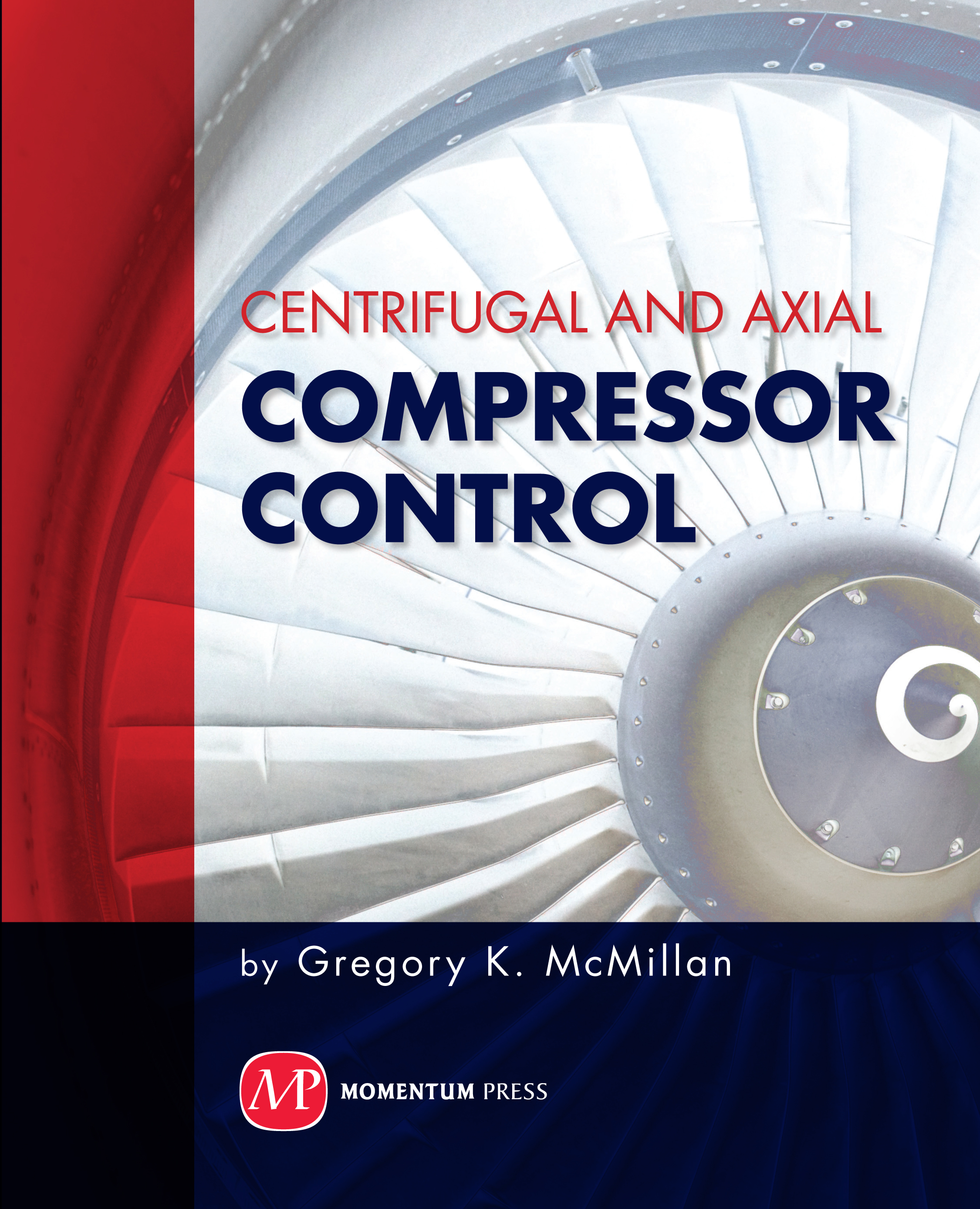
Centrifugal and Axial Compressor Control This book provides a comprehensive view of compressor surge and stall based on first principles and case histories. The efficiency and on stream time of axial and centrifugal compressors is important for many production units and utility systems. Surge, in particular, can cause system downtime and increase energy use. The flow reversals every few seconds cause severe vibrations that can damage compressor seals and shafts reducing compressor efficiency. And the loss of forward flow often initiates shutdowns of production lines. This book provides a comprehensive view of compressor surge and stall based on first principles and case histories. The process and installation conditions that affect the surge curve and the severity of surge are detailed along with the dynamics of the surge cycle. Solutions are offered to reduce the occurrence and consequences of surge. Since the surge phenomena is so fast, there are exceptional requirements for the automation system to prevent surge. This book describes how to design and implement faster than normal control valves and transmitters. The essential use of an open loop backup to quickly recover from surge is detailed. Key concepts are listed to summarize important ideas and to provide insight. Questions and answers for each chapter help verify that the concepts and details are understood. A process control background is not necessary to learn and employ the system design requirements presented. This book should be useful for automation engineers, mechanical engineers, and process engineers. TECHNOLOGY & ENGINEERING,Mechanical

Control System Design Guide Control Systems Design Guide has helped thousands of engineers to improve machine performance. This fourth edition of the practical guide has been updated with cutting-edge control design scenarios, models and simulations enabling apps from battlebots to solar collectors. This useful reference enhances coverage of practical applications via the inclusion of new control system models, troubleshooting tips, and expanded coverage of complex systems requirements, such as increased speed, precision and remote capabilities, bridging the gap between the complex, math-heavy control theory taught in formal courses, and the efficient implementation required in real industry settings. George Ellis is Director of Technology Planning and Chief Engineer of Servo Systems at Kollmorgen Corporation, a leading provider of motion systems and components for original equipment manufacturers (OEMs) around the globe. He has designed an applied motion control systems professionally for over 30 years He has written two well-respected books with Academic Press, Observers in Control Systems and Control System Design Guide, now in its fourth edition. He has contributed articles on the application of controls to numerous magazines, including Machine Design, Control Engineering, Motion Systems Design, Power Control and Intelligent Motion, and Electronic Design News. Explains how to model machines and processes, including how to measure working equipment, with an intuitive approach that avoids complex math Includes coverage on the interface between control systems and digital processors, reflecting the reality that most motion systems are now designed with PC software Of particular interest to the practicing engineer is the addition of new material on real-time, remote and networked control systems Teaches how control systems work at an intuitive level, including how to measure, model, and diagnose problems, all without the unnecessary math so common in this field Principles are taught in plain language and then demonstrated with dozens of software models so the reader fully comprehend the material (The models and software to replicate all material in the book is provided without charge by the author at www.QxDesign.com) New material includes practical uses of Rapid Control Prototypes (RCP) including extensive examples using National Instruments LabVIEW TECHNOLOGY & ENGINEERING,Mechanical
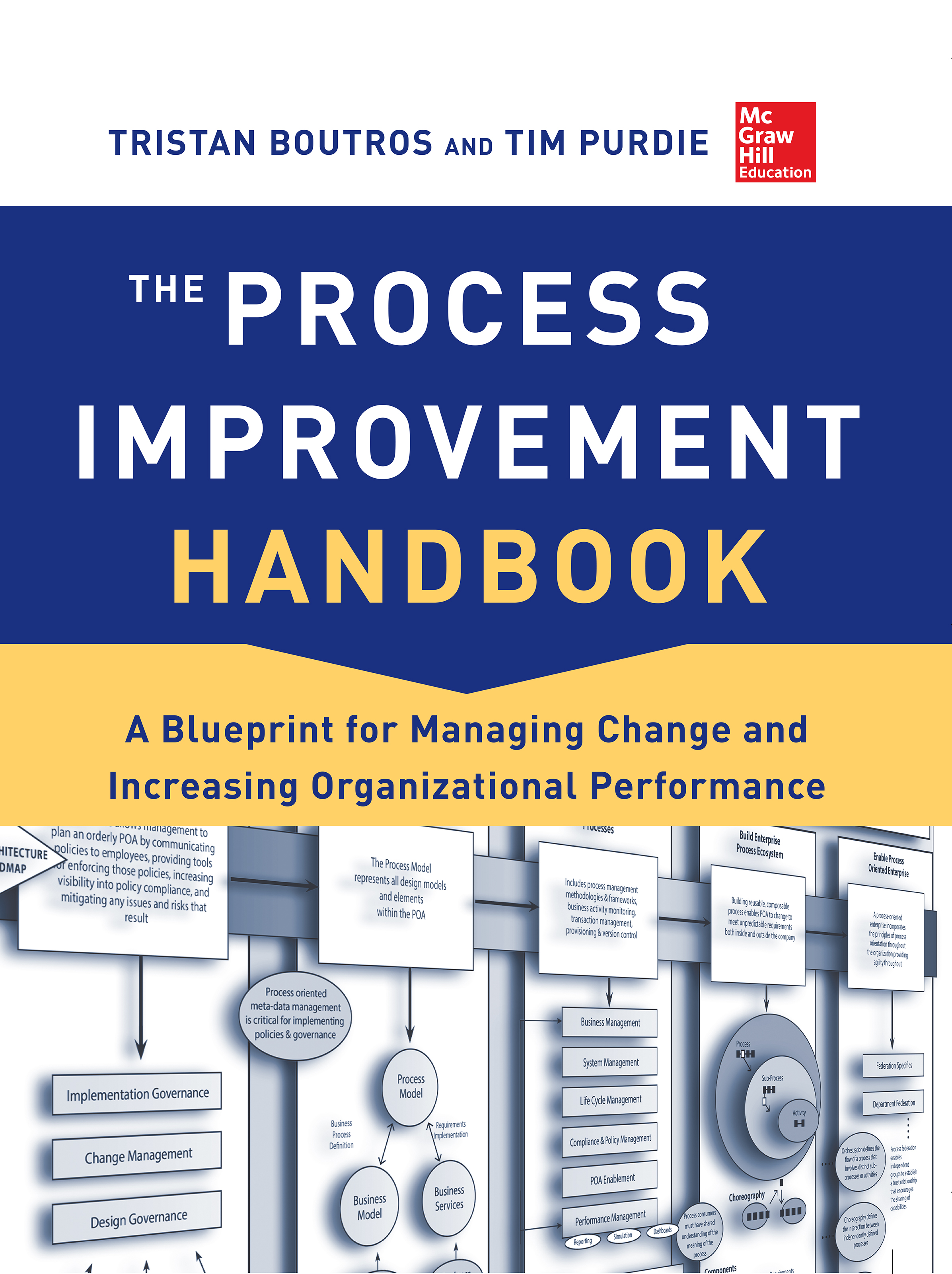
The Process Improvement Handbook The Definitive Guide to Process Improvement & Operational Excellence. This complete body of knowledge for process improvement professionals provides an easy-to-understand foundation for process maturity capability in any company. Gold Medal Winner of the 2015 Axiom Book Award for best business theory book! The Process Improvement Handbook: A Blueprint for Managing Change and Increasing Organizational Performance introduces an all-encompassing body of knowledge for anyone looking to improve their operating environment. It presents a practical way to build and improve processes, and can assist professionals whether they are learning the basics of Process Improvement, planning their first improvement project, or evangelizing process oriented thinking throughout their organization. All of the concepts explained in this book encapsulate everything needed to enable process excellence from start to finish, saving time, conserving resources, and accomplishing more in a competitive timeframe. These practical insights will make you more effective in any Process Improvement role: from contributor, stakeholder, executive, team member, department, business division, supplier, and customer. Highlights include: A comprehensive framework that outlines the methods, tools, and competencies used to create sustainable Process Improvement efforts An industry-leading architecture approach for building organizational processes - Process-Oriented Architecture (POA) Demonstrating the importance of end-to-end process improvement, and the pitfalls of individual and isolated improvement methods Capitalizing on practical agility principles to deliver faster results Sample learning materials such as instructions for getting started, practical guides, real-world case studies, and templates available in the book and on an affiliated website A self-sufficient reference guide that all employees can easily use or self-train with A common vocabulary within the Process Improvement profession for discussing, writing, and applying Process Improvement concepts A robust tool for educating or training organizations and professionals Includes a Foreword from Dr. H. James Harrington, prolific author of over 35 Process Improvement books and winner of numerous quality awards including ASQ's Distinguished Service Medal. TECHNOLOGY & ENGINEERING,Mechanical

Energy Conservation in Buildings The NORTHSUN 90 conference provided a forum for scientists from high latitude countries to discuss their experience of solar energy. The book is divided into two parts, Part One deals with energy conservation and management in buildings and solar and low energy architecture. Part Two covers all aspects of renewable energy; materials science and photovoltaic conversion, weather data, heating and cooling of buildings, hot water systems, wave energy, geothermal energy, energy storage, country programmes and other related topics. In northern latitudes energy savings in buildings of up to 50% can be achieved. NORTHSUN 90 encouraged the attainment of this goal, promoting the use of solar energy in heating and collective work on solar projects of direct benefit to the region. TECHNOLOGY & ENGINEERING,Mechanical
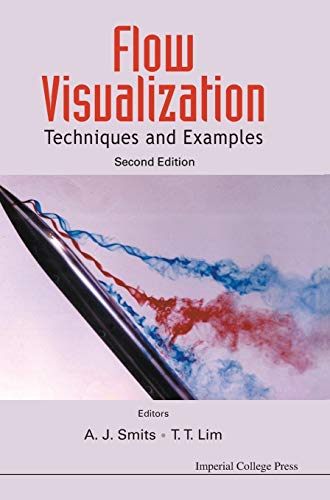
Flow Visualization This is the 2nd edition of the book, Flow Visualization: Techniques and Examples, which was published by Imperial College Press in 2000. Many of the chapters have been revised and updated to take into consideration recent changes in a number of flow visualization and measurement techniques, including an updated high quality flow gallery. Unique among similar publications, this book focuses on the practical rather than theoretical aspects. Obtaining high quality flow visualization results is, in many ways, more of an art than a science, and experience plays a key deciding role. The depth and breadth of the material will make this book invaluable to readers of all levels of experience in the field. TECHNOLOGY & ENGINEERING,Mechanical
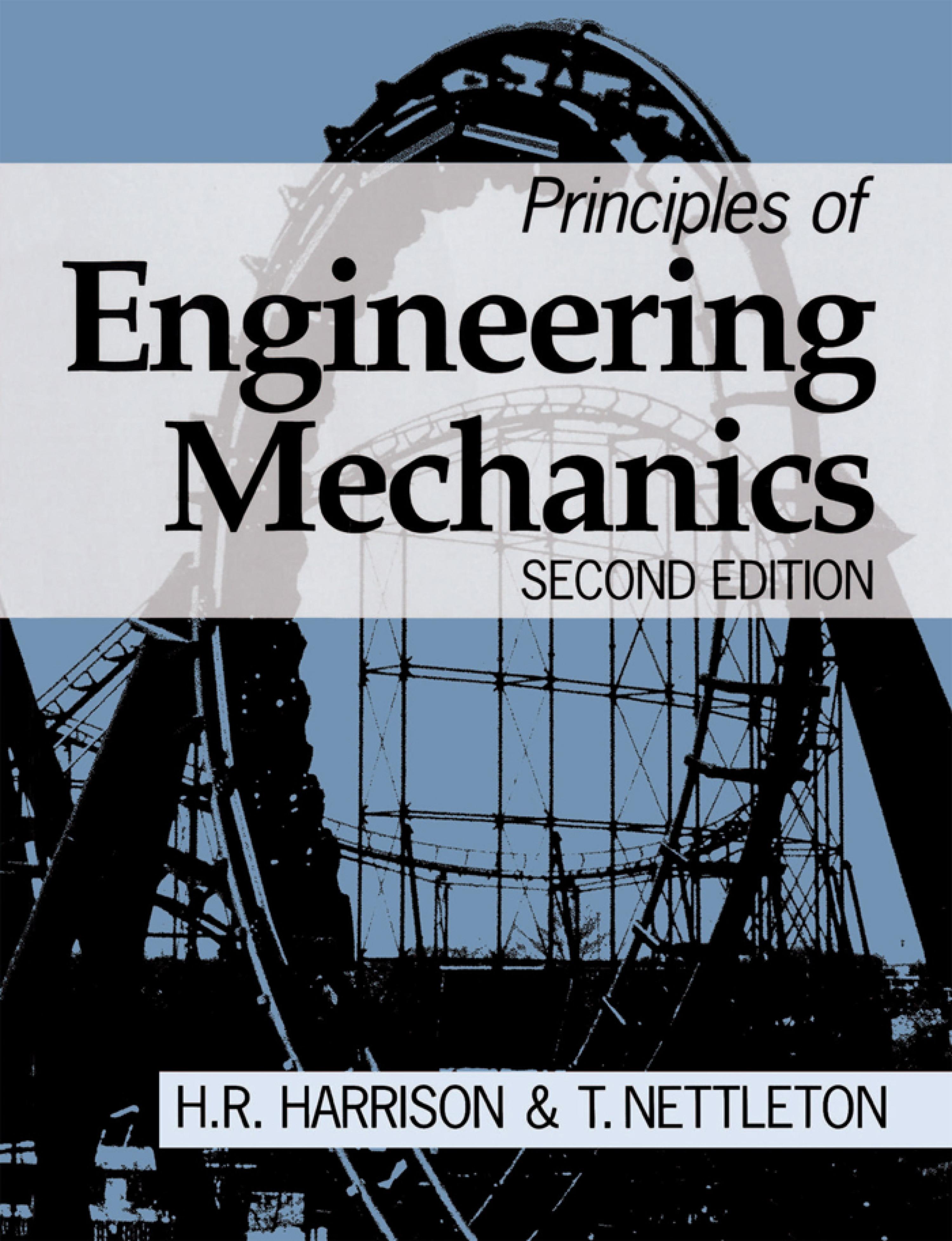
Principles of Engineering Mechanics Students of engineering mechanics require a treatment embracing principles, practice an problem solving. Each are covered in this text in a way which students will find particularly helpful. Every chapter gives a thorough description of the basic theory, and a large selection of worked examples are explained in an understandable, tutorial style. Graded problems for solution, with answers, are also provided. Integrating statistics and dynamics within a single volume, the book will support the study of engineering mechanics throughout an undergraduate course. The theory of two- and three-dimensional dynamics of particles and rigid bodies, leading to Euler's equations, is developed. The vibration of one- and two-degree-of-freedom systems and an introduction to automatic control, now including frequency response methods, are covered. This edition has also been extended to develop continuum mechanics, drawing together solid and fluid mechanics to illustrate the distinctions between Eulerian and Lagrangian coordinates. Supports study of mechanics throughout an undergraduate courseIntegrates statics and dynamics in a single volumeDevelops theory of 2D and 3D dynamics of particles and rigid bodies TECHNOLOGY & ENGINEERING,Mechanical
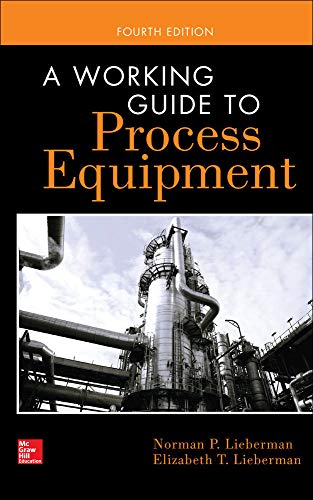
A Working Guide to Process Equipment, Fourth Edition The latest methods for troubleshooting and maintaining process equipment Applicable to a broad range of technicians and industries and fully updated throughout, A Working Guide to Process Equipment, Fourth Edition, explains how to diagnose, troubleshoot, and correct problems with chemical and petroleum refining process equipment. Nine new chapters cover: Tray design details Shell-and-tube heat exchanger design details Relief valve system design Vapor lock and exchanger flooding in steam systems Steam generation operating and design details Wastewater strippers Thermodynamics -- how it applies to process equipment Centrifugal pumps -- reducing seal and bearing failures Hand calculations for distillation towers Vapor -- liquid equilibrium, absorption, and stripping calculations Filled with examples and illustrations, this practical resource demonstrates how theory applies to solving real-world plant operation problems. Selected hand calculation methods are also provided. Comprehensive coverage includes: Distillation Tower Trays * Tower Pressure Control * Distillation Towers * Reboilers * Tower Internals * Instruments * Packed Towers * Steam and Condensate Systems * Bubble Point and Dew Point * Steam Strippers * Draw-Off Nozzle Hydraulics * Pumparounds and Tower Heat Flows * Condensers and Tower Pressure Control * Air Coolers * Deaerators and Steam Systems * Steam Generation * Wastewater Strippers * Vacuum Systems * Steam Turbines * Surface Condensers * Shell-and-Tube Heat Exchangers * Fired Heaters * Refrigeration Systems * Cooling Water Systems * Catalytic Effects * Centrifugal Pumps * Control Valves * Separators * Centrifugal Compressors and Surge * Reciprocating Compressors * Corrosion * Fluid Flow in Pipes * Super-Fractionation Stage * Computer Control * Field Troubleshooting TECHNOLOGY & ENGINEERING,Mechanical

Handbook of Project-Based Management, Fourth Edition The Most Complete, Current Guide to Project-Based Management Thoroughly revised and reorganized, The Handbook of Project-Based Management, Fourth Edition focuses on the role of the global project manager in today's high-tech, hyperconnected environment of continuous improvement and innovation. Rodney Turner, editor of the International Journal of Project Management, explains how to implement a proven, structured approach to achieving performance improvement through strategic change. This practical resource describes how to align project goals with organizational goals, maintain governance, and manage project performance and process. An all-new case study runs throughout the book, demonstrating real-world applications of the concepts presented. Coverage includes: Leading change Beneficial change Project governance Program and portfolio management Governance of the projectbased organization Organizational capability Scope Project organization Stakeholders Quality Cost Time Risk Process models Start-up Execution and control Close-out TECHNOLOGY & ENGINEERING,Mechanical
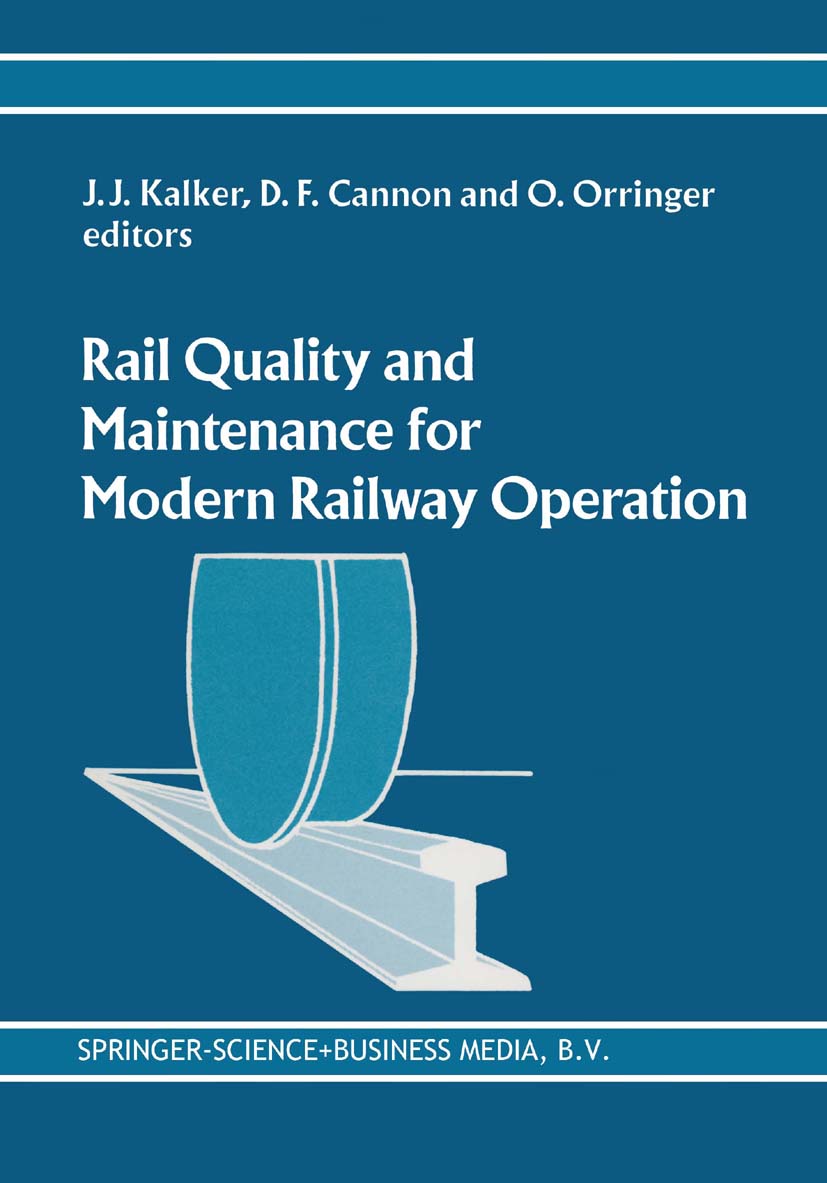
Rail Quality and Maintenance for Modern Railway Operation In April 1990 a conference was held at the Cracow Institute of Technology, Cracow, Poland. The title of that conference was "Residual Stresses in Rails - Effects on Rail Integrity and Railroad Economics" and its themes were the measurement and prediction of residual stresses in rails, but, as the sub-title suggests, the intention was also to provide a link between research and its application to the practical railway world. At the Cracow conference there were 40 participants with 5 railways and 5 rail makers being represented and 25 papers were given. The Cracow conference was a success, and by March 1991 its off-spring, "The International Conference on Rail Quality and Maintenance for Modern Railway Operations", was conceived and birth was ultimately given in June 1992 at the Technical University, Delft. It turned out to be some baby, with 112 delegates from 24 countries taking part! As with its predecessor, the conference was to provide a forum for the exchange of ideas between research investigators, rail makers and railway engineers. A cursory examination of the list of participants suggests that about 57% were from the railway industry, 34% from universities and other research institutions and 9% from the steel industry. Bearing in mind that some of the railway industry participants were from their respective research and development organisations the balance of interests was about right. TECHNOLOGY & ENGINEERING,Mechanical
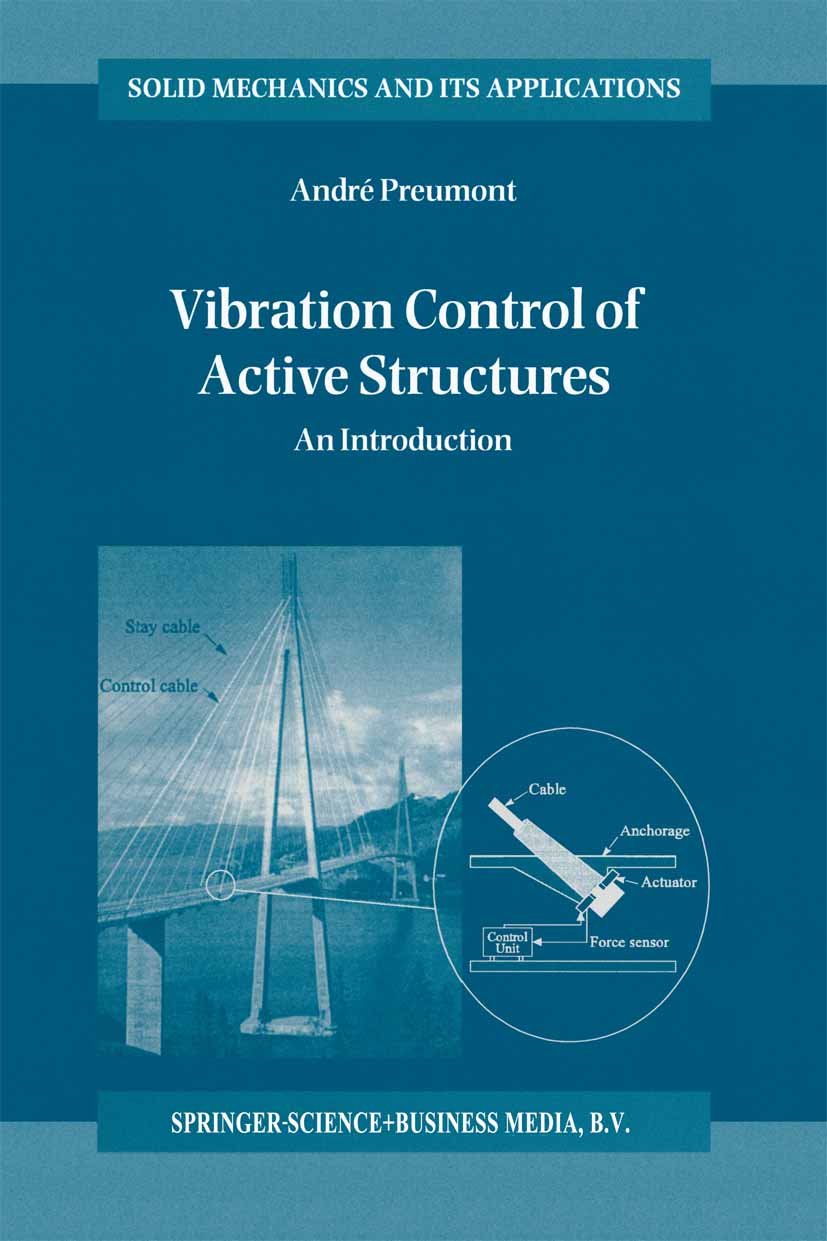
Vibration Control of Active Structures I was introduced to structural control by Raphael Haftka and Bill Hallauer during a one year stay at the Aerospace and Ocean Engineering department of Virginia Tech., during the academic year 1985-1986. At that time, there was a tremendous interest in large space structures in the USA, mainly because of the Strategic Defense Initiative and the space station program. Most of the work was theoretical or numerical, but Bill Hallauer was one of the few experimen talists trying to implement control systems which worked on actual structures. When I returned to Belgium, I was appointed at the chair of Mechanical Engi neering and Robotics at ULB, and I decided to start some basic vibration control experiments on my own. A little later, smart materials became widely available and offered completely new possibilities, particularly for precision structures, but also brought new difficulties due to the strong coupling in their constitutive equations, which requires a complete reformulation of the classical modelling techniques such as finite elements. We started in this new field with the sup port of the national and regional governments, the European Space Agency, and some bilateral collaborations with European aerospace companies. Our Active Structures Laboratory was inaugurated in October 1995. TECHNOLOGY & ENGINEERING,Mechanical
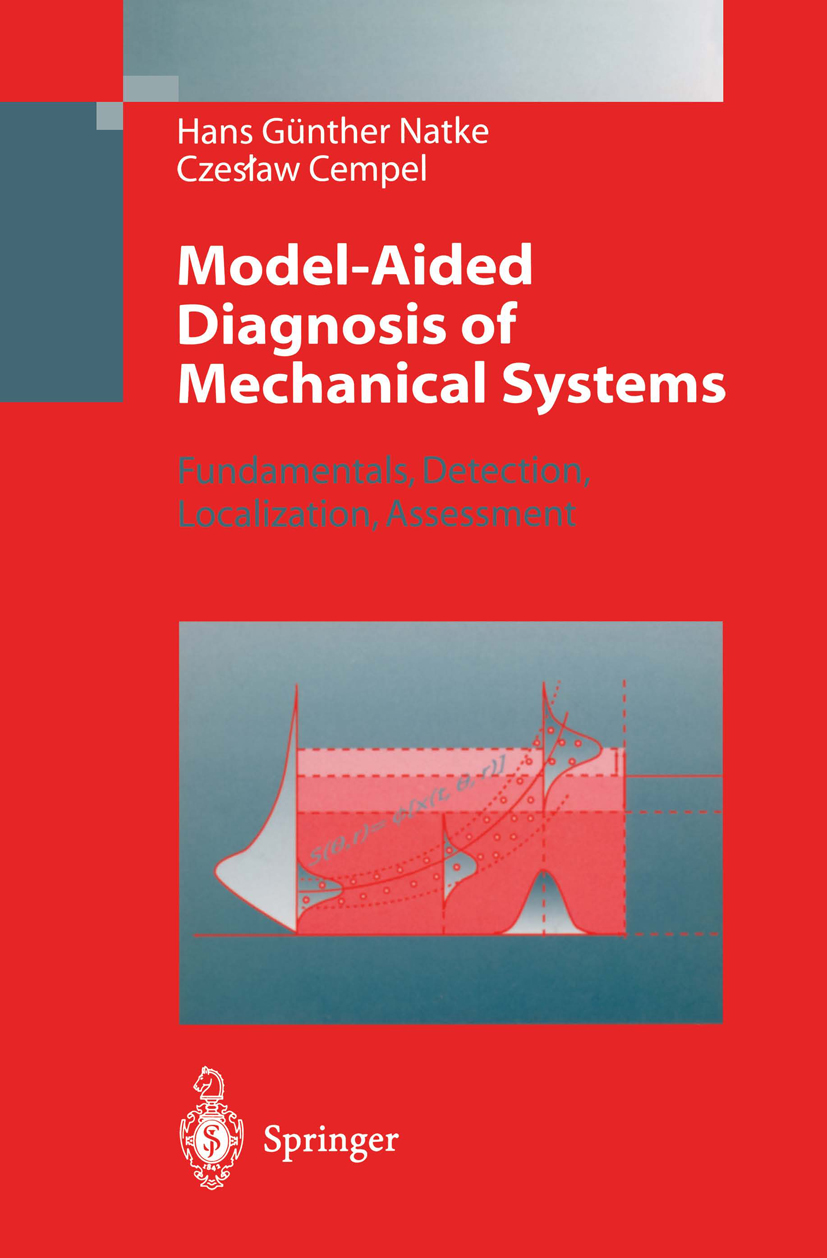
Model-Aided Diagnosis of Mechanical Systems Diagnosis of technical systems is important, concerning safety and economics. Monitoring and diagnosis, especially in remote control systems, needs holistic models, as described here. This book describes the fundamentals for technical diagnosis as well as state-of-art tools. Model-based diagnosis and knowledge based diagnosis, fundamentals in decision-making and assessment are included. The foundation of diagnosis for applications is given. The book is written for the expert practising engineer in research and industrial applications. TECHNOLOGY & ENGINEERING,Mechanical
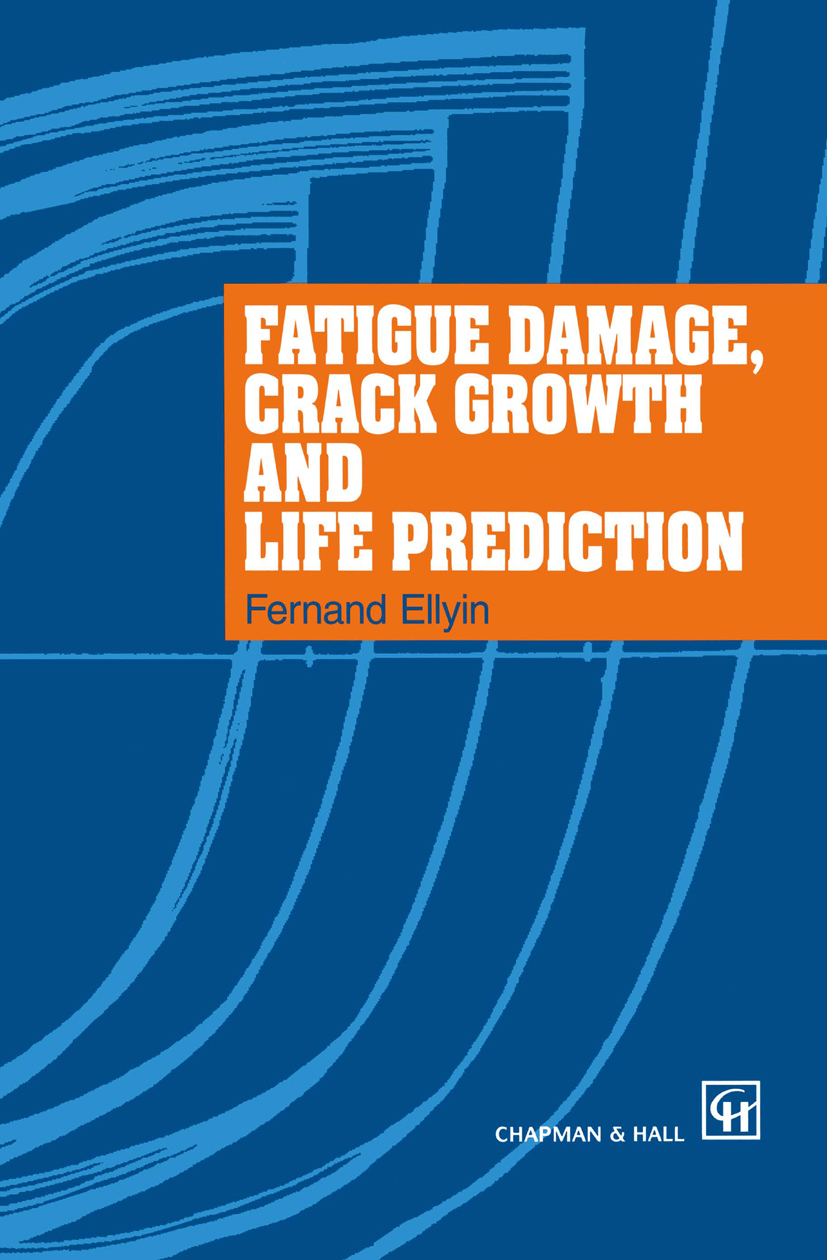
Fatigue Damage, Crack Growth and Life Prediction Fatigue failure is a multi-stage process. It begins with the initiation of cracks, and with continued cyclic loading the cracks propagate, finally leading to the rupture of a component or specimen. The demarcation between the above stages is not well-defined. Depending upon the scale of interest, the variation may span three orders of magnitude. For example, to a material scientist an initiated crack may be of the order of a micron, whereas for an engineer it can be of the order of a millimetre. It is not surprising therefore to see that investigation of the fatigue process has followed different paths depending upon the scale of phenomenon under investigation. Interest in the study of fatigue failure increased with the advent of industrial ization. Because of the urgent need to design against fatigue failure, early investiga tors focused on prototype testing and proposed failure criteria similar to design formulae. Thus, a methodology developed whereby the fatigue theories were proposed based on experimental observations, albeit at times with limited scope. This type of phenomenological approach progressed rapidly during the past four decades as closed-loop testing machines became available. TECHNOLOGY & ENGINEERING,Mechanical
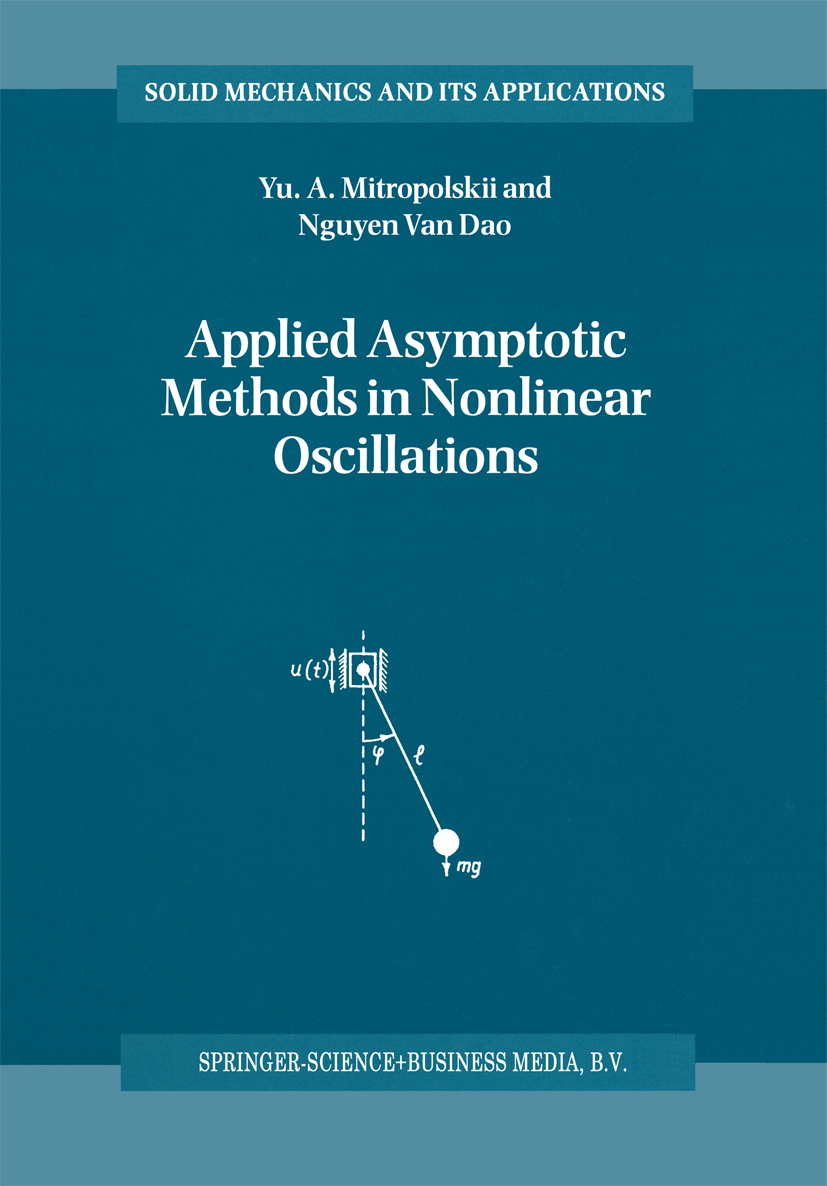
Applied Asymptotic Methods in Nonlinear Oscillations Many dynamical systems are described by differential equations that can be separated into one part, containing linear terms with constant coefficients, and a second part, relatively small compared with the first, containing nonlinear terms. Such a system is said to be weakly nonlinear. The small terms rendering the system nonlinear are referred to as perturbations. A weakly nonlinear system is called quasi-linear and is governed by quasi-linear differential equations. We will be interested in systems that reduce to harmonic oscillators in the absence of perturbations. This book is devoted primarily to applied asymptotic methods in nonlinear oscillations which are associated with the names of N. M. Krylov, N. N. Bogoli ubov and Yu. A. Mitropolskii. The advantages of the present methods are their simplicity, especially for computing higher approximations, and their applicability to a large class of quasi-linear problems. In this book, we confine ourselves basi cally to the scheme proposed by Krylov, Bogoliubov as stated in the monographs [6,211. We use these methods, and also develop and improve them for solving new problems and new classes of nonlinear differential equations. Although these methods have many applications in Mechanics, Physics and Technique, we will illustrate them only with examples which clearly show their strength and which are themselves of great interest. A certain amount of more advanced material has also been included, making the book suitable for a senior elective or a beginning graduate course on nonlinear oscillations. TECHNOLOGY & ENGINEERING,Mechanical
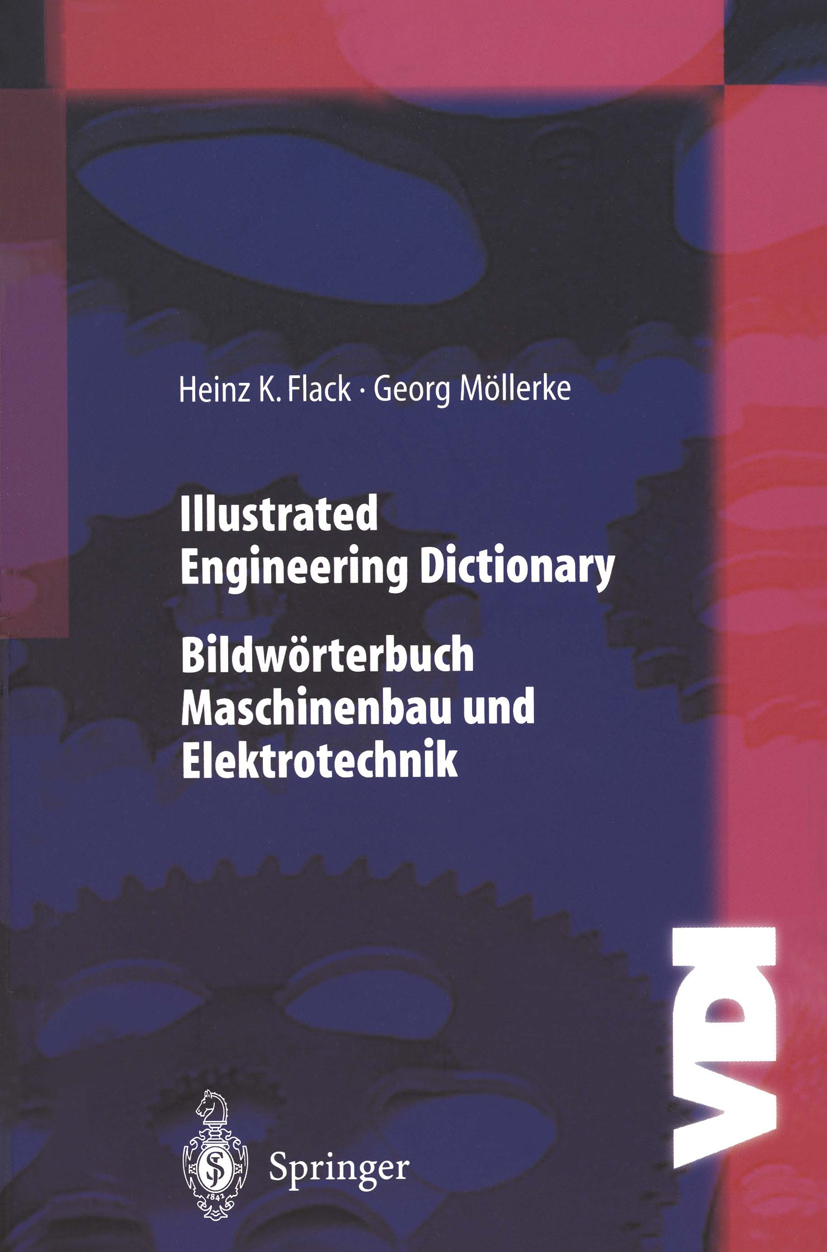
Illustrated Engineering Dictionary Das umfangreich illustrierte deutsch-englische Taschenwörterbuch umfaßt nahezu vollständig das Grundvokabular des Maschinenbauers und bietet speziell dem Ingenieur auf Reisen eine praktische und schnelle Hilfe. Der ausführliche Anhang enthält viele technische Redewendungen und Satzphrasen für Fach- und Alltagsgespräche. TECHNOLOGY & ENGINEERING,Mechanical
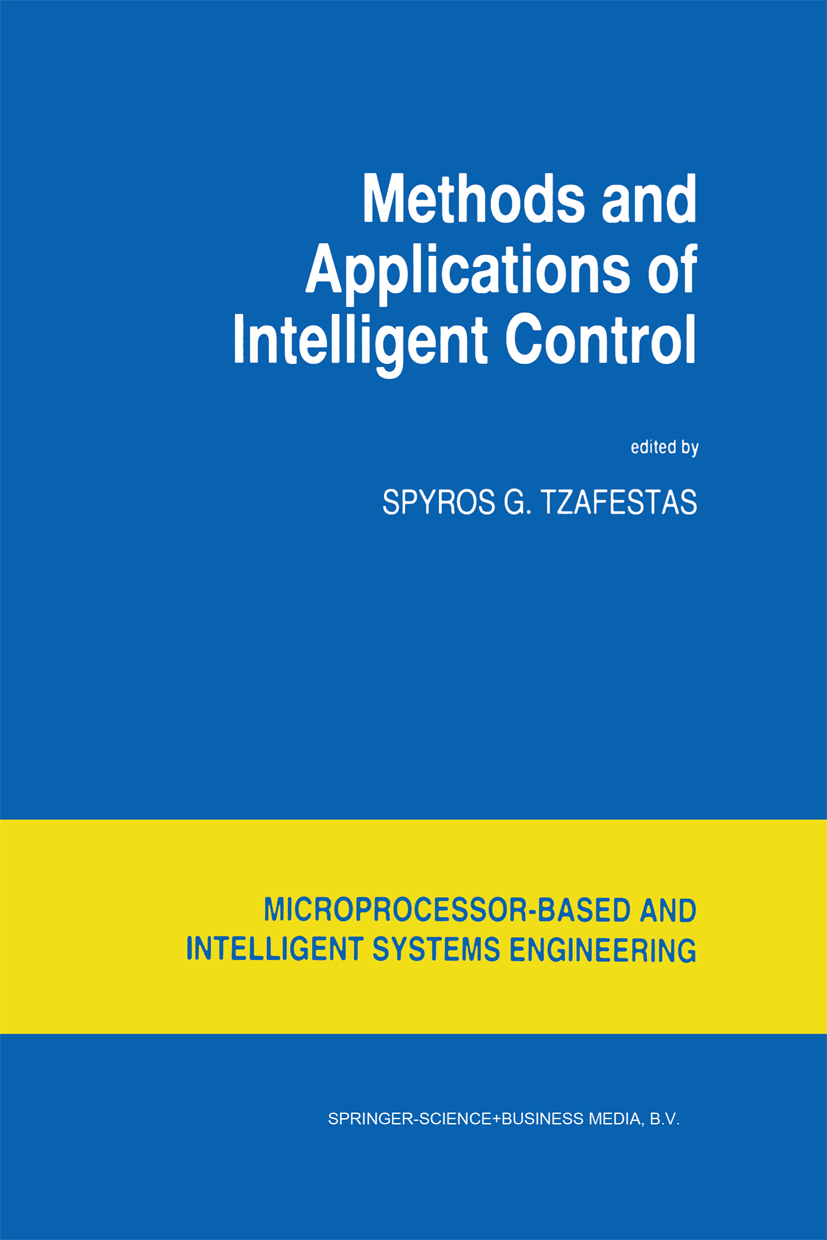
Methods and Applications of Intelligent Control This book is concerned with Intelligent Control methods and applications. The field of intelligent control has been expanded very much during the recent years and a solid body of theoretical and practical results are now available. These results have been obtained through the synergetic fusion of concepts and techniques from a variety of fields such as automatic control, systems science, computer science, neurophysiology and operational research. Intelligent control systems have to perform anthropomorphic tasks fully autonomously or interactively with the human under known or unknown and uncertain environmental conditions. Therefore the basic components of any intelligent control system include cognition, perception, learning, sensing, planning, numeric and symbolic processing, fault detection/repair, reaction, and control action. These components must be linked in a systematic, synergetic and efficient way. Predecessors of intelligent control are adaptive control, self-organizing control, and learning control which are well documented in the literature. Typical application examples of intelligent controls are intelligent robotic systems, intelligent manufacturing systems, intelligent medical systems, and intelligent space teleoperators. Intelligent controllers must employ both quantitative and qualitative information and must be able to cope with severe temporal and spatial variations, in addition to the fundamental task of achieving the desired transient and steady-state performance. Of course the level of intelligence required in each particular application is a matter of discussion between the designers and users. The current literature on intelligent control is increasing, but the information is still available in a sparse and disorganized way. TECHNOLOGY & ENGINEERING,Mechanical
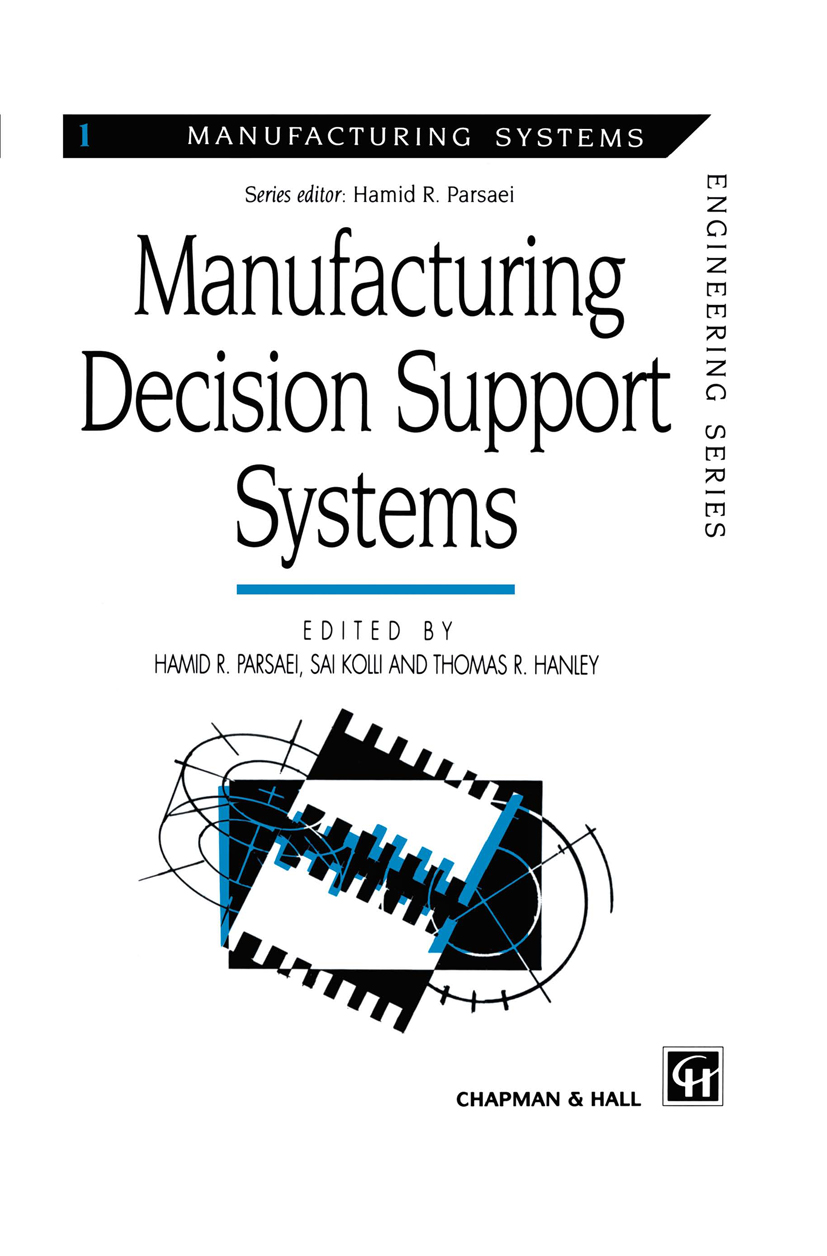
Manufacturing Decision Support Systems During the last two decades, a tremendous growth in the popularity and applications of computers in manufacturing has occurred. Computer aided design, computer-aided manufacturing, flexible manufacturing systems, group technology and many others are considered by many manufacturing executives as the most promising technologies and philosophies that, if successfully implemented, can reduce costs and enable the US manufacturing companies to become more competitive in the global market. In the computer-integrated manufacturing environ ment, the decision processes are often more involved. The decision makers are frequently required to have access to a vast amount of data to support and analyze their complex decision problems at strategic and tactical levels. Decision support systems are often referred to as computer-based information technologies that allow the decision makers to interactively communicate and solve the decision problems. Manufacturing Decision Support Systems is intended to report the latest developments and address the central issues in this area. This volume consists of 14 refereed chapters, written by leading researchers from academia and industry. TECHNOLOGY & ENGINEERING,Mechanical
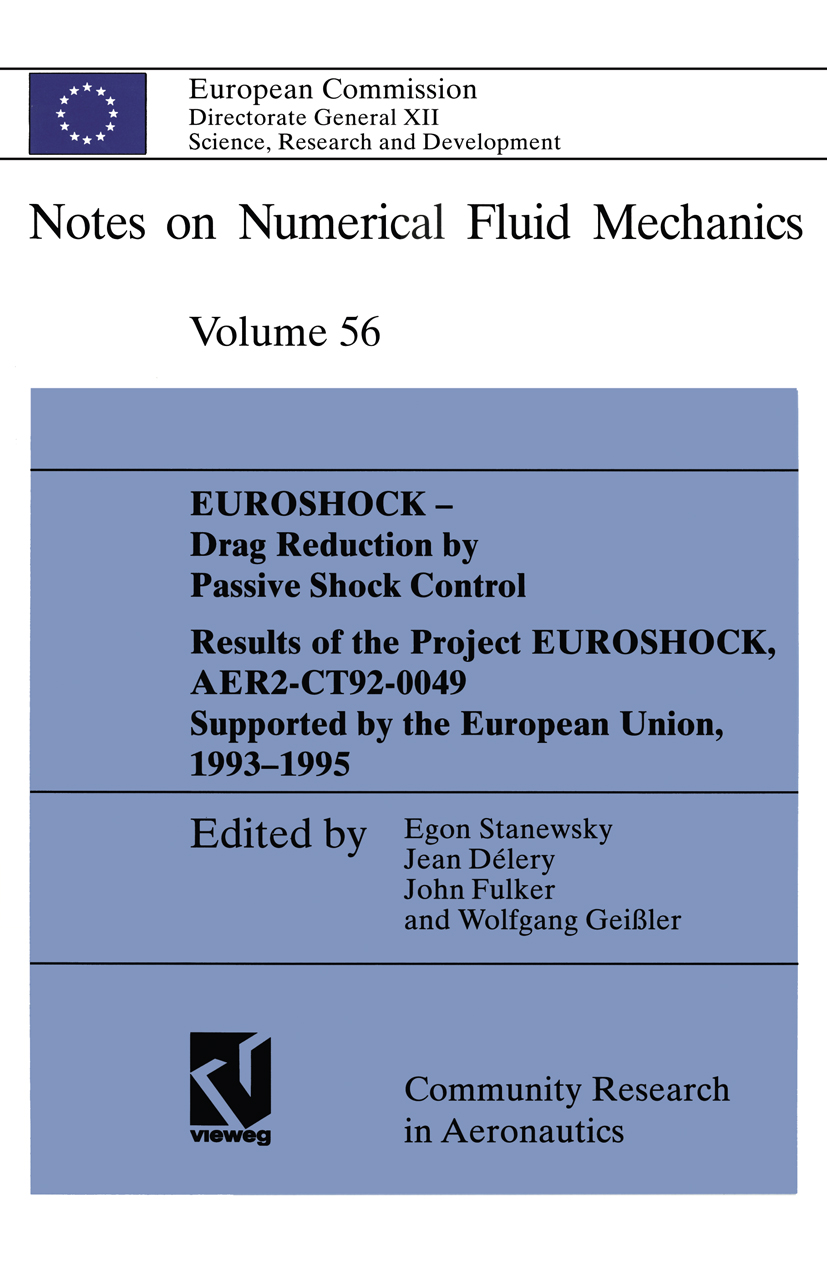
EUROSHOCK - Drag Reduction by Passive Shock Control It has been recognized by the European Union (EU) that the survival of the Aeronautical Industries of Europe in the highly competitive World Aviation Market is strongly dependent on such factors as time-to-market of a new or derivative aircraft and on its manufacturing costs but also on the achievement of a competitive technological advantage by which an increased market share can be gained. Cooperative research is therefore continuously encouraged and co-financed by the European Union in order to strengthen the scientific and technological base of the Aeronautical Industries thus facilitating the future design and manufacture of civil air craft products and providing the technological edge needed for survival. Targets of research within Area 3, Aeronautics, of the Industrial and Materials Technology Programme (1991 - 1993) have been identified to be aircraft efficiency, cost effectiveness and environmental im pact. Concerning aircraft efficiency - relevant to the present research - a reduction in aircraft drag of 10010, a reduction in aircraft fuel consumption of 30010 and a reduction in airframe, en gine and system weight of 20% are envisaged. Meeting these objectives has, of course, also a strong positive impact on the environment. In order to further technology, the philosophy is to avoid spreading the available resources too thinly and rather concentrate on the feasibility demonstration of a limited number of tech nologies of high economic and industrial impact. TECHNOLOGY & ENGINEERING,Mechanical

Honeycomb Technology Honeycomb Technology is a guide to honeycomb cores and honeycomb sandwich panels, from the manufacturing methods by which they are produced, to the different types of design, applications for usage and methods of testing the materials. It explains the different types of honeycomb cores available and provides tabulated data of their properties. The author has been involved in the testing and design of honeycomb cores and sandwich panels for nearly 30 years. Honeycomb Technology reflects this by emphasizing a `hands-on' approach and discusses procedures for designing sandwich panels, explaining the necessary equations. Also included is a section on how to design honeycomb energy absorbers and one full chapter discussing honeycomb core and sandwich panel testing. Honeycomb Technology will be of interest to engineers in the aircraft, aerospace and building industries. It will also be of great use to engineering students interested in basic sandwich panel design. TECHNOLOGY & ENGINEERING,Mechanical
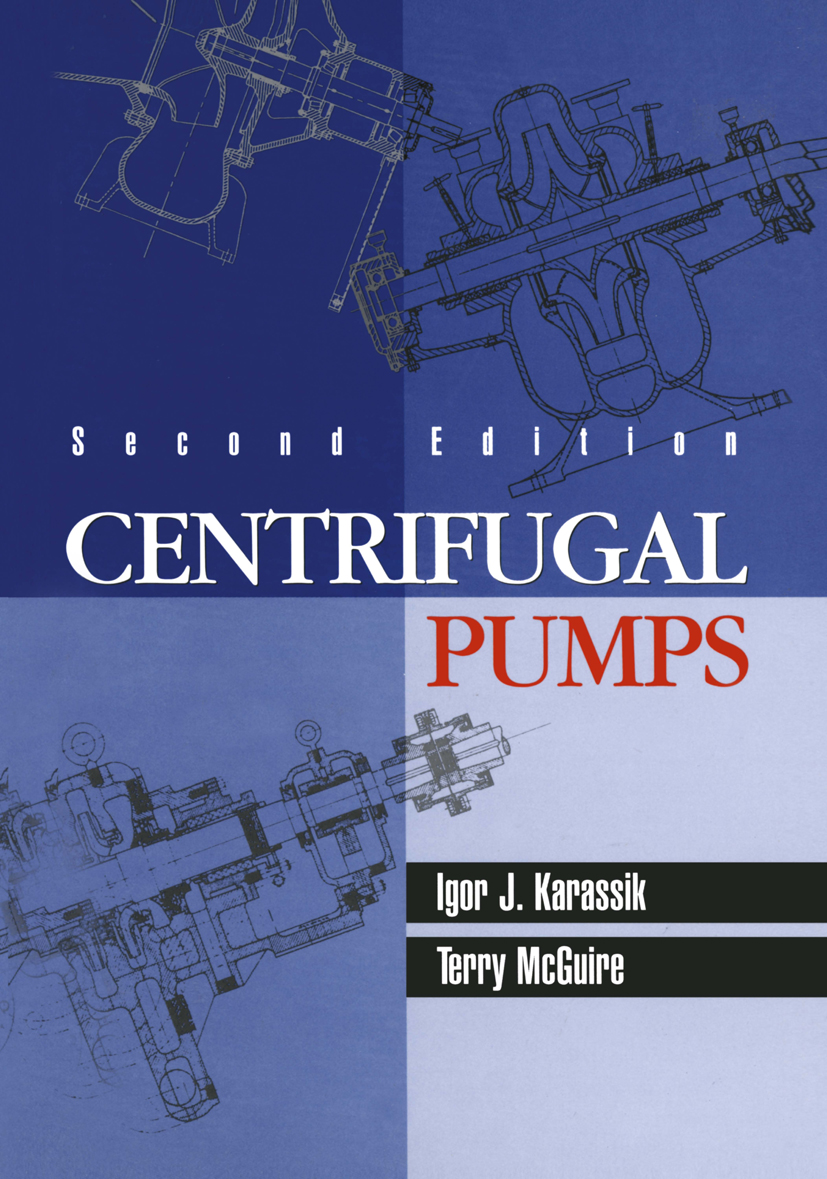
Centrifugal Pumps This last, the education of pump users, is precisely what this book was intended to do. To what extent we must have achieved our purpose, our readers must decide. My good friend and associate, J. T. (Terry) McGuire, and I have been working very closely together for a long time. Our view of engineering problems and of their solutions coincide to an astonishing degree. When I was asked to prepare a second edition of my book Centrifugal Pumps, it was logical that I turned to Terry and suggested that he be my coauthor on this project. He agreed to do so, and his cooperation has been most valuable, both in improving the resultant work and in easing my burden. It would be presumptuous on my part to pretend that nothing has changed in the technology of centrifugal pumps during the 30 years since I prepared the manuscript for the first edition of this book. Let me, then, speak of some of these changes. TECHNOLOGY & ENGINEERING,Mechanical
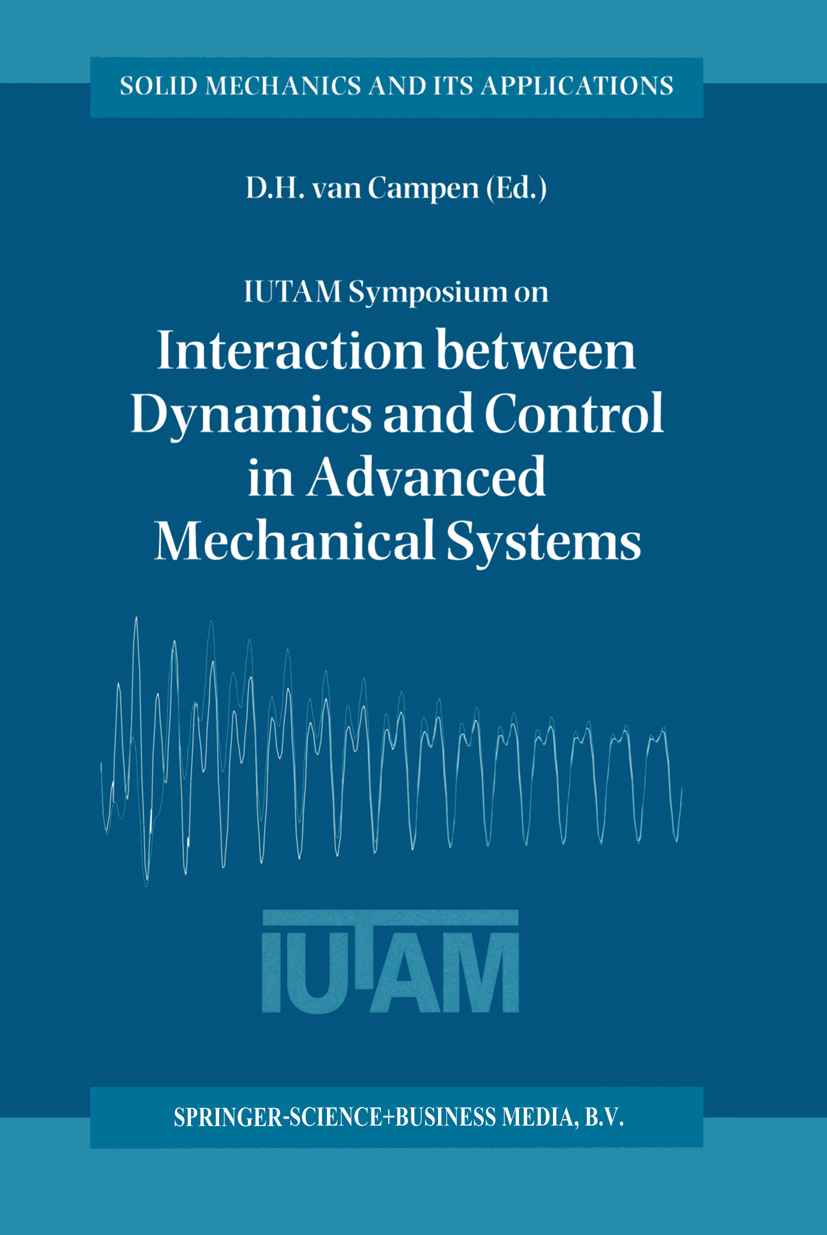
IUTAM Symposium on Interaction between Dynamics and Control in Advanced Mechanical Systems Proceedings of the IUTAM Symposium held in Eindhoven, The Netherlands, 21-26 April 1996 TECHNOLOGY & ENGINEERING,Mechanical
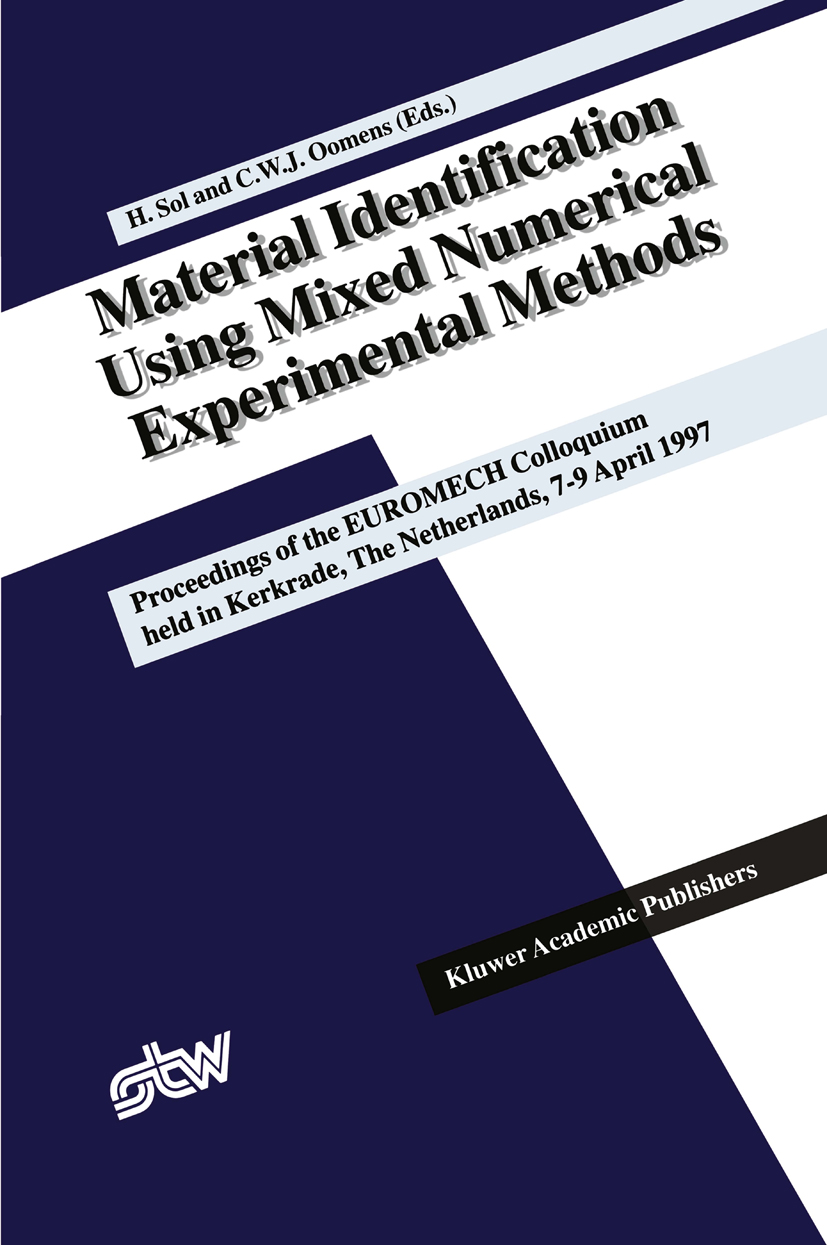
Material Identification Using Mixed Numerical Experimental Methods Proceedings of the EUROMECH Colloquium held in Kerkrade, The Netherlands, 7-9 April 1997 TECHNOLOGY & ENGINEERING,Mechanical

Nonlinear Wave Dynamics At the end of the twentieth century, nonlinear dynamics turned out to be one of the most challenging and stimulating ideas. Notions like bifurcations, attractors, chaos, fractals, etc. have proved to be useful in explaining the world around us, be it natural or artificial. However, much of our everyday understanding is still based on linearity, i. e. on the additivity and the proportionality. The larger the excitation, the larger the response-this seems to be carved in a stone tablet. The real world is not always reacting this way and the additivity is simply lost. The most convenient way to describe such a phenomenon is to use a mathematical term-nonlinearity. The importance of this notion, i. e. the importance of being nonlinear is nowadays more and more accepted not only by the scientific community but also globally. The recent success of nonlinear dynamics is heavily biased towards temporal characterization widely using nonlinear ordinary differential equations. Nonlinear spatio-temporal processes, i. e. nonlinear waves are seemingly much more complicated because they are described by nonlinear partial differential equations. The richness of the world may lead in this case to coherent structures like solitons, kinks, breathers, etc. which have been studied in detail. Their chaotic counterparts, however, are not so explicitly analysed yet. The wavebearing physical systems cover a wide range of phenomena involving physics, solid mechanics, hydrodynamics, biological structures, chemistry, etc. TECHNOLOGY & ENGINEERING,Mechanical
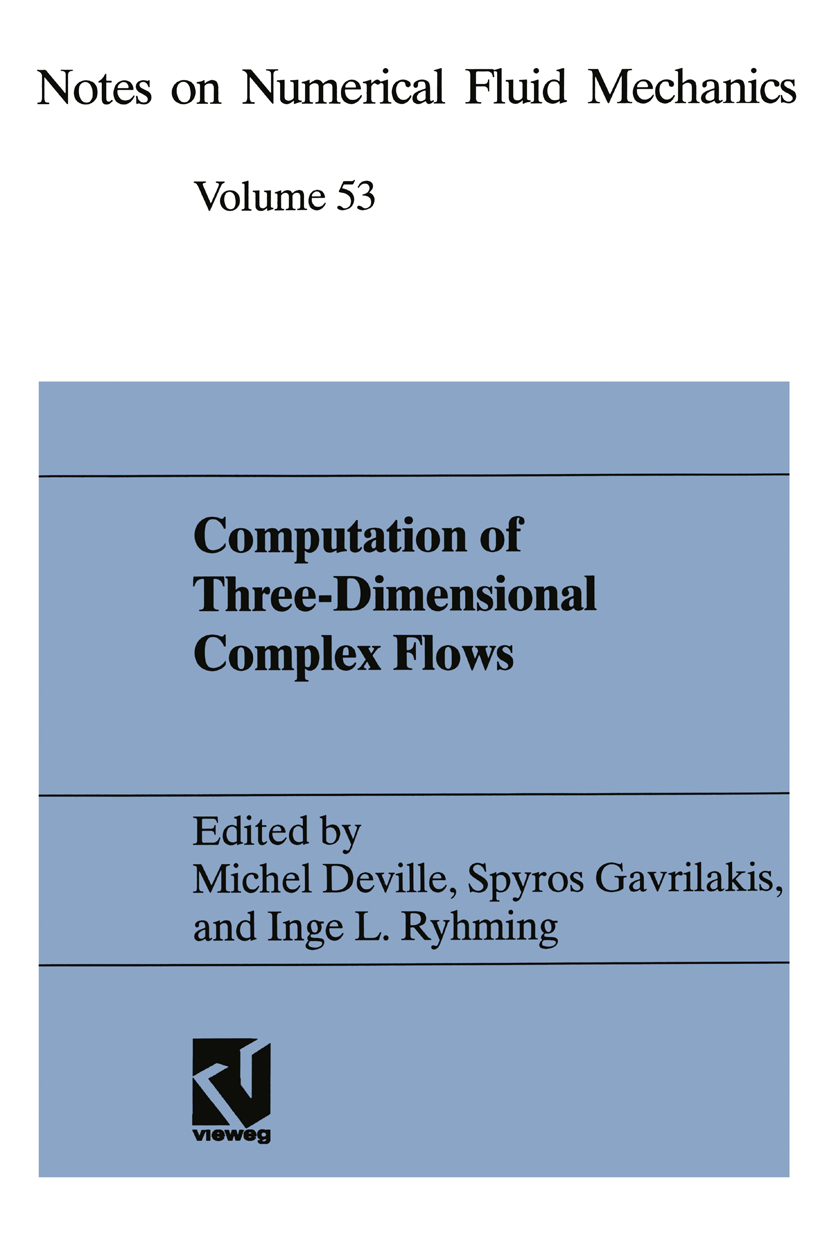
Computation of Three-Dimensional Complex Flows The IMACS-COST conference on "Computational Fluid Dynamics, Three-Dimensional Complex Flows" was held in Lausanne, Switzerland, September 13 - 15, 1995. The scien tific sponsors of the conference were • IMACS: International Association for Mathematics and Computers in Simulation, • COST: European Cooperation in the field of Scientific and Technical Research, • ERCOFTAC: European Research Community on Flow, Turbulence and Combus tion. The scientific interests of the IMACS and ERCOFTAC associations are closely related to computational fluid dynamics whereas the European Union programme COST covers a wider range of scientific subjects. The COST' Action F1' launched in 1992 by Professor I. L. Ryhming deals with "Complex three-dimensional viscous flows: prediction, modelling, manipulation and control". It has several subtopics among which numerical methods and modelling issues are the main areas of research and development. The meeting gathered together eighty-seven scientists, engineers and researchers from sev enteen countries: Belgium, Finland, France, Germany, Greece, Hong Kong, Israel, Italy, Japan, the Netherlands, Norway, Russia, Spain, Sweden, Switzerland, United Kingdom, United States of America. All major numerical approximation methods were discussed: finite differences, finite volumes, finite elements, spectral methods. The topics covered by the sixty communications spanned the full spectrum of computational fluid dynam ics: direct numerical simulation, large-eddy simulation, turbulence modelling, free surface flows, non Newtonian fluids, thermal convection, etc. TECHNOLOGY & ENGINEERING,Mechanical
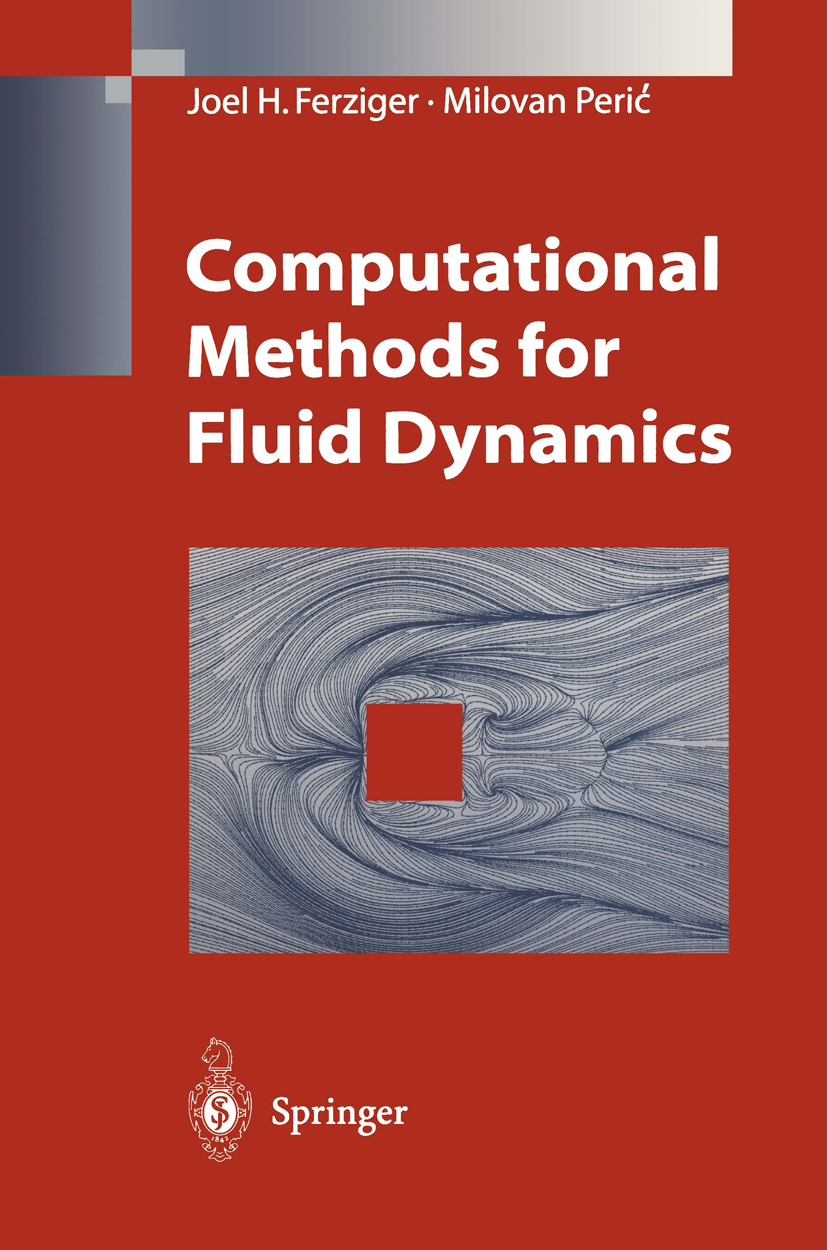
Computational Methods for Fluid Dynamics Computational fluid dynamics, commonly known under the acronym 'CFD', is undergoing significant expansion in terms of both the number of courses offered at universities and the number of researchers active in the field. There are a number of software packages available that solve fluid flow problems; the market is not quite as large as the one for structural mechanics codes, in which the use of finite element methods is well established. The lag can be explained by the fact that CFD problems are, in general, more difficult to solve. However, CFD codes are slowly being accepted as design tools by industrial users. At present, users of CFD need to be fairly knowledgeable and this requires education of both students and working engineers. The present book is an attempt to fill this need. It is our belief that, to work in CFD, one needs a solid background in fluid mechanics and numerical analysis; significant errors have been made by peo ple lacking knowledge in one or the other. We therefore encourage the reader to obtain a working knowledge of these subjects before entering into a study of the material in this book. Because different people view numerical meth ods differently, and to make this work more self-contained, we have included two chapters on basic numerical methods in this book. The book is based on material offered by the authors in courses at Stanford University, the Uni versity of Erlangen-Niirnberg and the University of Hamburg. TECHNOLOGY & ENGINEERING,Mechanical

Tribology and Mechanics of Magnetic Storage Devices Since January 1990, when the first edition ofthis first-of-a-kind book appeared, there has been much experimental and theoretical progress in the multi disciplinary subject of tribology and mechanics of magnetic storage devices. The subject has matured into a rigorous discipline, and many university tribology and mechanics courses now routinely contain material on magnetic storage devices. The major growth in the subject has been on the micro- and nanoscale aspects of tribology and mechanics. Today, most large magnetic storage industries use atomic force microscopes to image the magnetic storage components. Many companies use variations of AFMs such as friction force microscopes (FFMs) for frictional studies. These instruments have also been used for studying scratch, wear, and indentation. These studies are valuable in the fundamental understanding of interfacial phenomena. In the second edition, I have added a new chapter, Chapter 11, on micro and nanoscale aspects of tribology and mechanics of magnetic storage compo nents. This chapter presents the state of the art of the micro/nanotribology and micro/nanomechanics of magnetic storage components. In addition, typographical errors in Chapters 1 to 10 and the appendixes have been corrected. These additions update this book and make it more valuable to researchers of the subject. I am grateful to many colleagues and particularly to my students, whose work is reported in Chapter 11. I thank my wife, Sudha, who has been forbearing during the progress of the research reported in this chapter. TECHNOLOGY & ENGINEERING,Mechanical
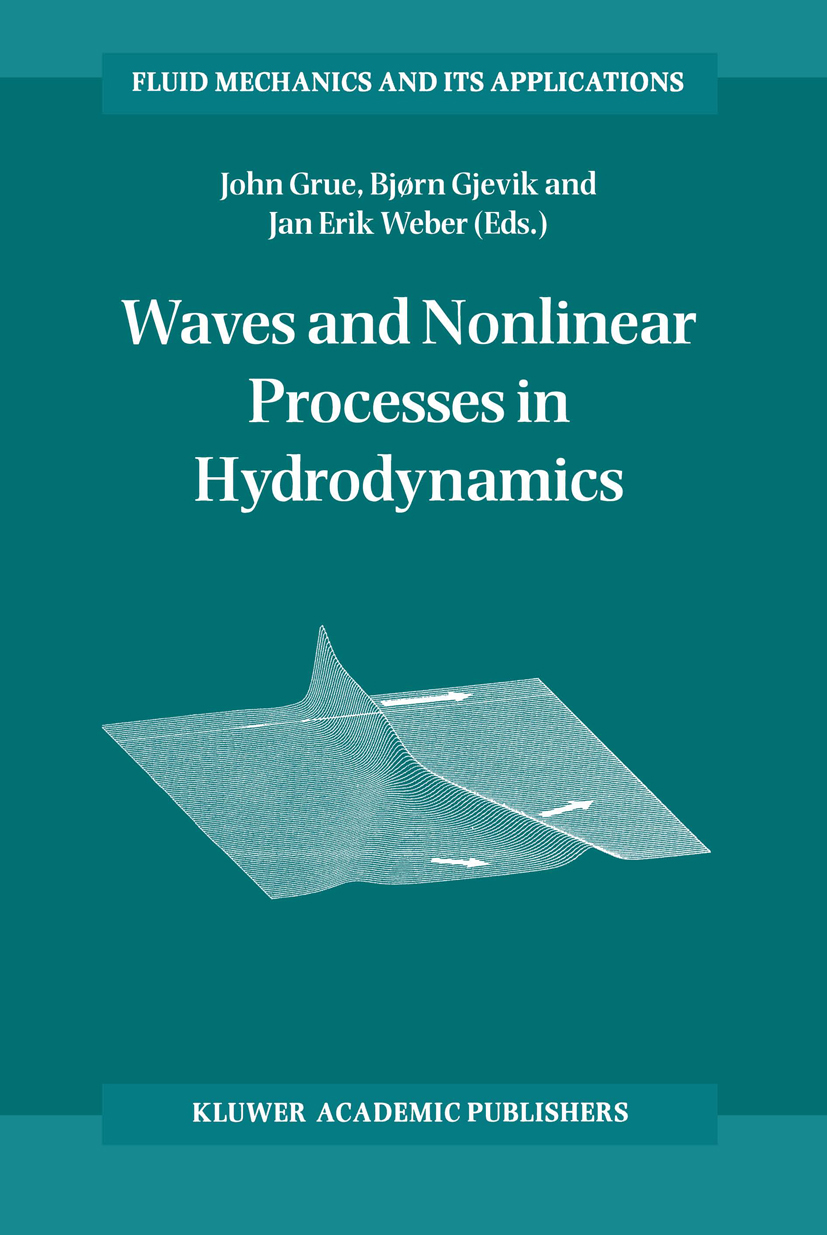
Waves and Nonlinear Processes in Hydrodynamics In December 1994 Professor Enok Palm celebrated his 70th birthday and retired after more than forty years of service at the University of Oslo. In view of his outstanding achievements as teacher and scientist a symposium entitled "Waves and Nonlinear Processes in Hydrodynamics" was held in his honour from the 17th to the 19th November 1994 in the locations of The Norwegian Academy of Science and Letters in Oslo. The topics of the symposium were chosen to cover Enok's broad range of scientific work, interests and accomplishments: Marine hydrodynamics, nonlinear wave theory, nonlinear stability, thermal convection and geophys ical fluid dynamics, starting with Enok's present activity, ending with the field where he began his career. This order was followed in the symposium program. The symposium had two opening lectures. The first looked back on the history of hydrodynamic research at the University of Oslo. The second focused on applications of hydrodynamics in the offshore industry today. TECHNOLOGY & ENGINEERING,Mechanical
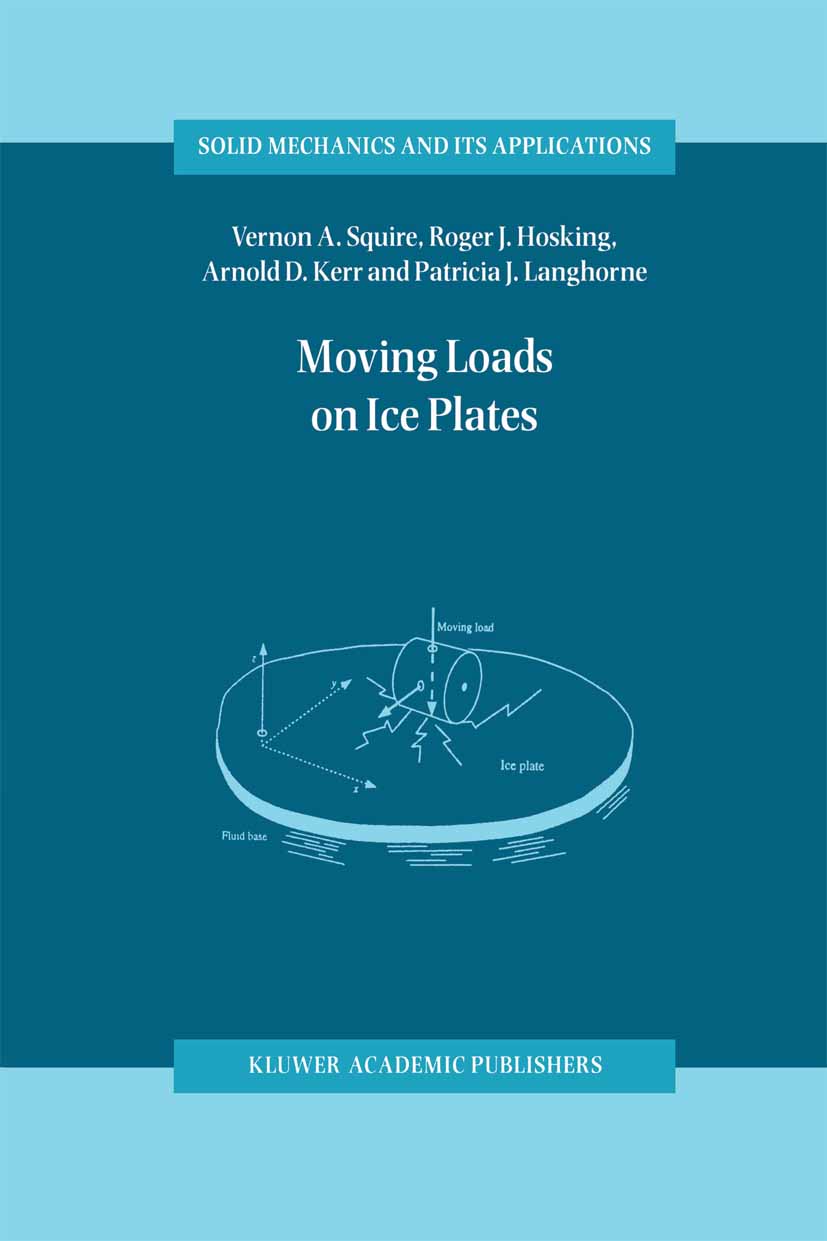
Moving Loads on Ice Plates Moving Loads on Ice Plates is a unique study into the effect of vehicles and aircraft travelling across floating ice sheets. It synthesizes in a single volume, with a coherent theme and nomenclature, the diverse literature on the topic, hitherto available only as research journal articles. Chapters on the nature of fresh water ice and sea ice, and on applied continuum mechanics are included, as is a chapter on the subject's venerable history in related areas of engineering and science. The most recent theories and data are discussed in great depth, demonstrating the advanced state of the modelling and experimental field programmes that have taken place. Finally, results are interpreted in the context of engineering questions faced by agencies operating in the polar and subpolar regions. Although the book necessarily contains some graduate level applied mathematics, it is written to allow engineers, physicists and mathematicians to extract the information they need without becoming preoccupied with details. Structural, environmental, civil, and offshore engineers, and groups who support these industries, particularly within the Arctic and Antarctic, will find the book timely and relevant. TECHNOLOGY & ENGINEERING,Mechanical
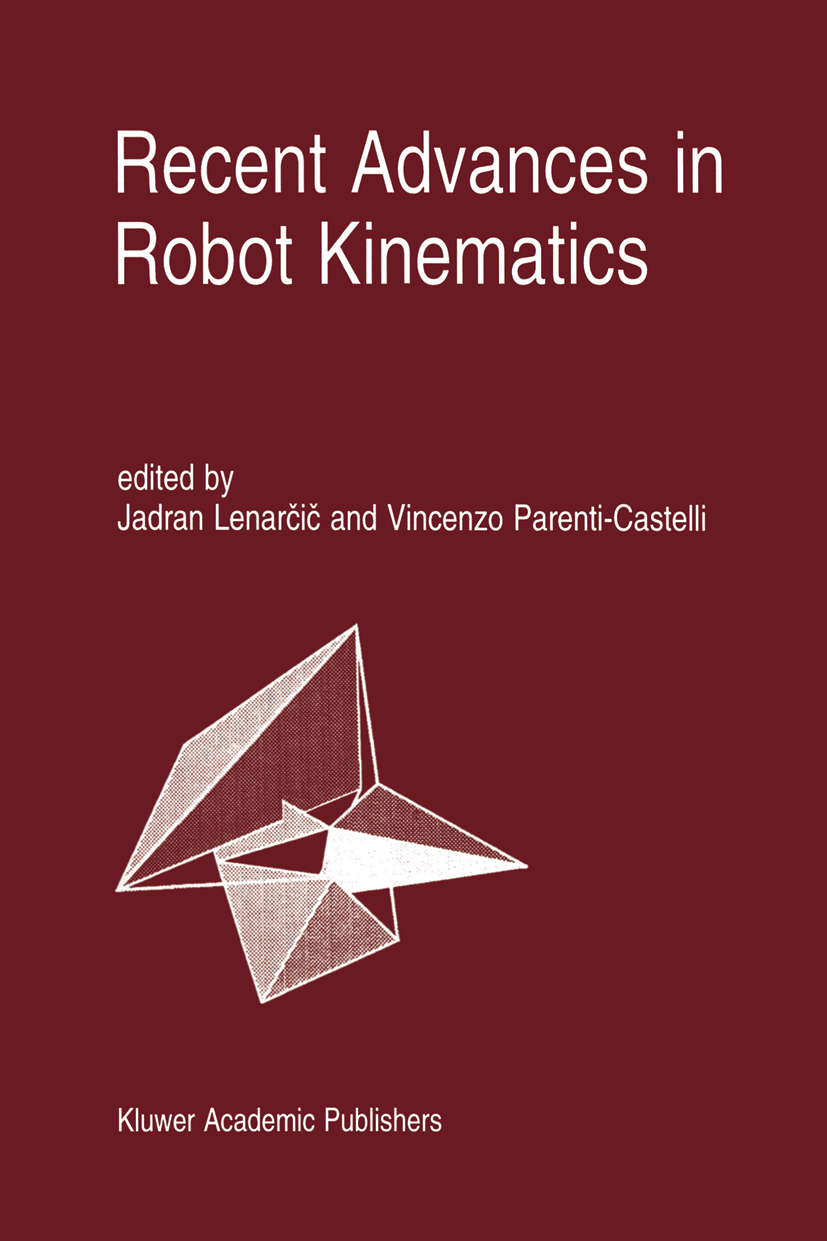
Recent Advances in Robot Kinematics The articles of this book were reported and discussed at the fifth international symposium on Advances in Robot Kinematics. As is known, the first symposium of this series was organised in 1988 in Ljubljana. The following meetings took place every other year in Austria, Italy, and Slovenia (Linz, Ferrara, Ljubljana, Portoroz Bernardin). It must be emphasised that the symposia run under the patronage of the International Federation for the Theory of Machinesand Mechanisms, IFToMM. In this period, Advances in Robot Kinematics has been able to attract the most outstanding authors in the area and also to create an optimum combination of a scientific pragmatism and a friendly atmosphere. Hence, it has managed to survive in a strong competition of many international conferences and meetings. In the most ancient way, robot kinematics is regarded as an application of the kinematics of rigid hodies. However, there are topics and problems that are typical for robot kinematics that cannot easily be found in any other scientific field. It is our belief that the initiative of Advances in Robot Kinematics has contributed to develop a remarkable scientific community. The present book is of interest to researchers, doctoral students and teachers, engineers and mathematicians specialising in kinematics of robots and mechanisms, mathematical modelling, simulation, design, and control of robots. TECHNOLOGY & ENGINEERING,Mechanical
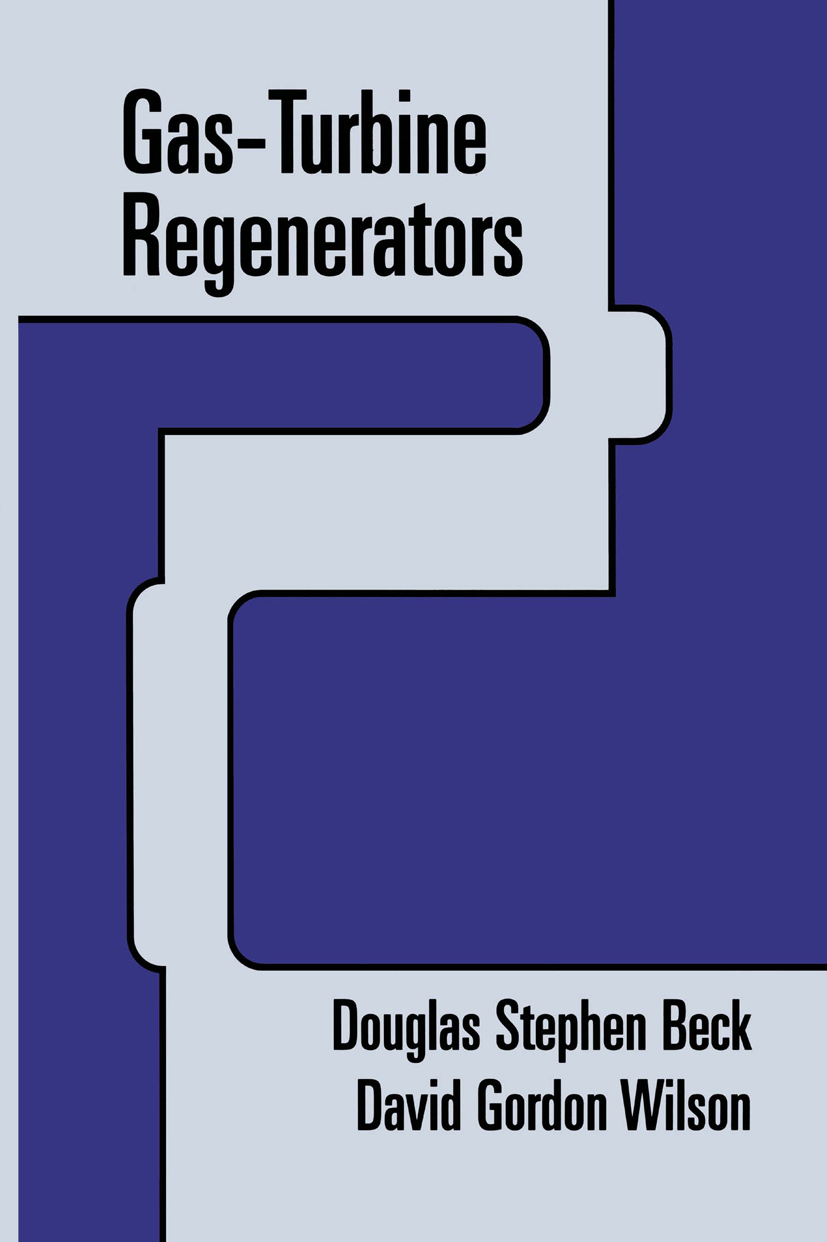
Gas-Turbine Regenerators Regenerative gas turbines are attractive alternatives to diesel engines and spark ignition engines for automobiles and to diesel engines and combined-cycle en gines for power generation. Theory indicates regenerative gas turbines should achieve higher thermal efficiencies than those of diesel engines and combined cycle engines. Further, regenerative gas turbines are potentially lower in cost, require less maintenance, require less space, and pollute less than competitive systems. Regenerators can be used for exhaust-gas heat exchange or for intercooling in gas-turbine systems. As an exhaust-gas heat exchanger, a regenerator recovers heat from the exhaust and uses it to preheat the compressed air before the compressed air enters the combustor. Preheating of the compressed air permits a small heat input to the combustor for a given power output of the engine. As an intercooler, a regenerator cools the gas between compressor stages. Less work is required to compress cool gas than is required to compress warm gas. Therefore, a regenerator intercooler can reduce the required work input to the compressor. Thus, regenerators can be used to increase the thermal efficiencies and power outputs of gas turbines. the backbones of high-performance re High-performance regenerators are generative gas turbines. In the past, lack of understanding of regenerator per formance has led to sub-optimal engine designs. Now this book gives com prehensive regenerator information. With this book, the designer can design regenerators that will yield gas turbines with maximum thermal efficiencies. TECHNOLOGY & ENGINEERING,Mechanical
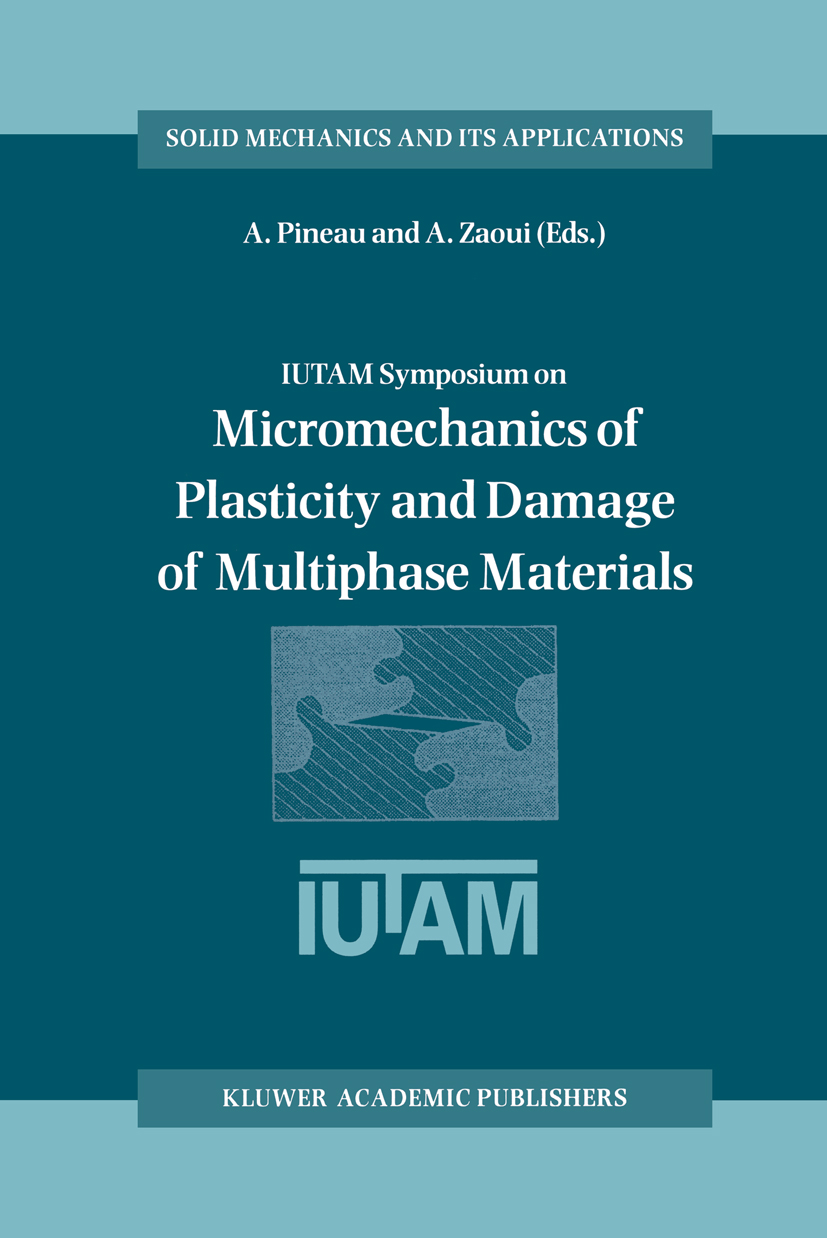
IUTAM Symposium on Micromechanics of Plasticity and Damage of Multiphase Materials Proceedings of the IUTAM Symposium held in Sèvres, Paris, France, 29 August-1 September 1995 TECHNOLOGY & ENGINEERING,Mechanical
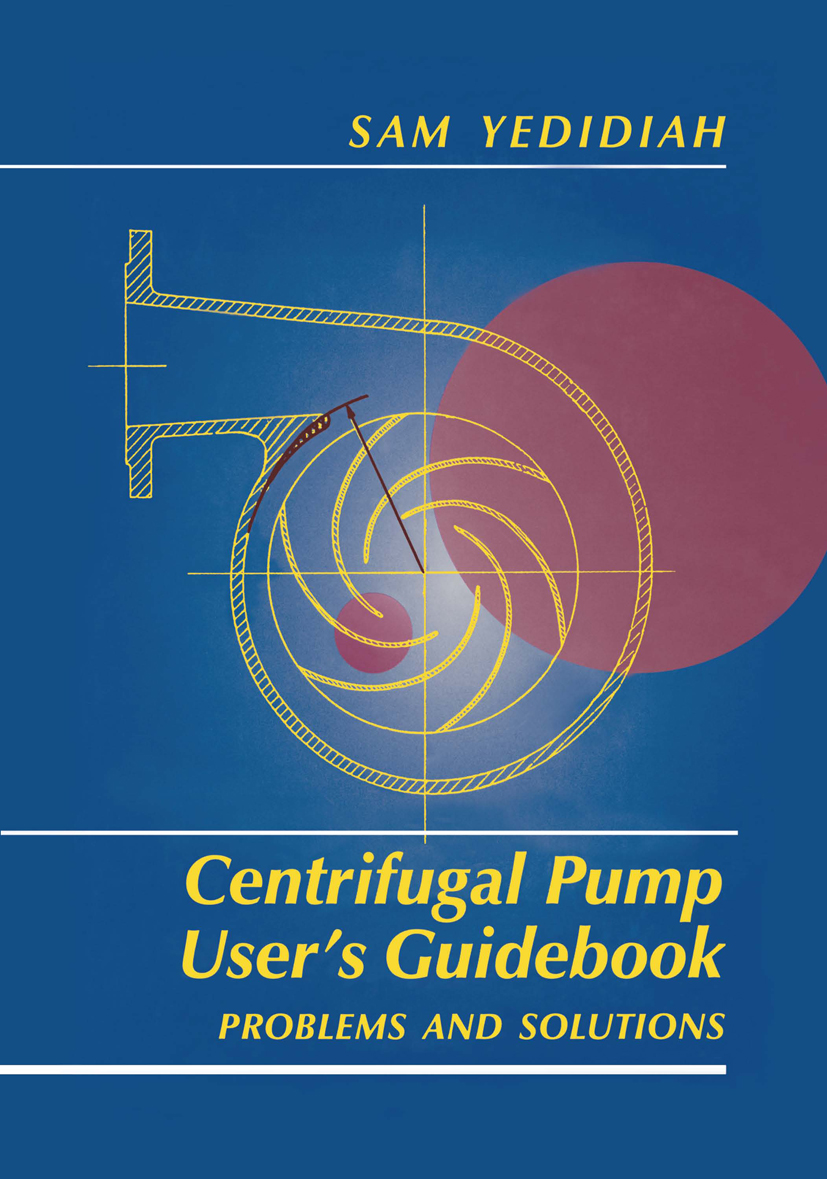
Centrifugal Pump User’s Guidebook Specifically for the pump user, this book concentrates on the identification and solution of problems associated with existing centrifugal pumps. It gives specific examples on how to modify pump performance for increased efficiency and better quality control, which turn into long-term cost savings. Some basic theory is included to give the reader greater understanding of the problems being encountered and attacked. TECHNOLOGY & ENGINEERING,Mechanical
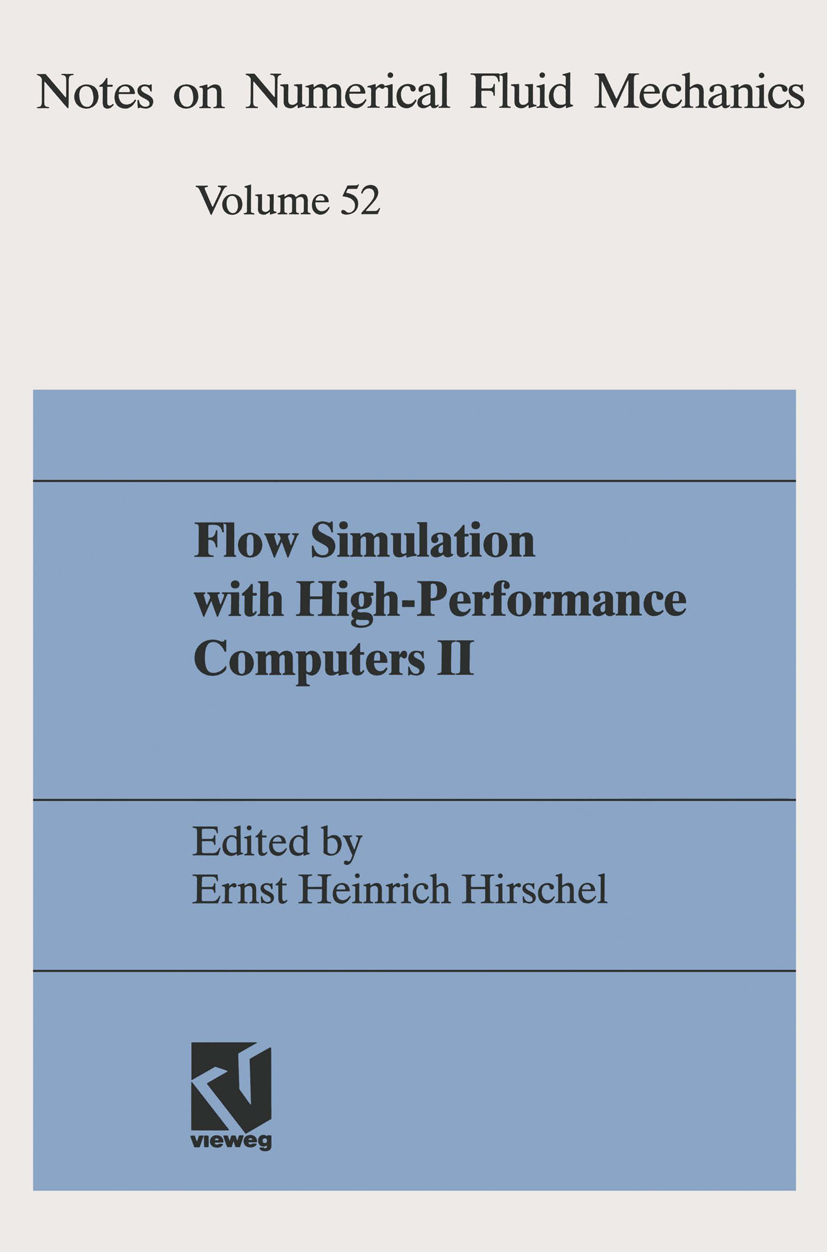
Flow Simulation with High-Performance Computers II Der Band enthält den Abschlußbericht des DFG-Schwerpunktprogramms "Flußsimulation mit Höchstleistungsrechnern". Es führt die Arbeiten fort, die schon als Band 38 in der Reihe "Notes on Numerical Fluid Mechanics" erschienen sind.Work is reported, which was sponsored by the Deutsche Forschungsgemeinschaft from 1993 to 1995. Scientists from numerical mathematics, fluid mechanics, aerodynamics, and turbomachinery present their work on flow simulation with massively parallel systems, on the direct and large-eddy simulation of turbulence, and on mathematical foundations, general solution techniques and applications. Results are reported from benchmark computations of laminar flow around a cylinder, in which seventeen groups participated. TECHNOLOGY & ENGINEERING,Mechanical
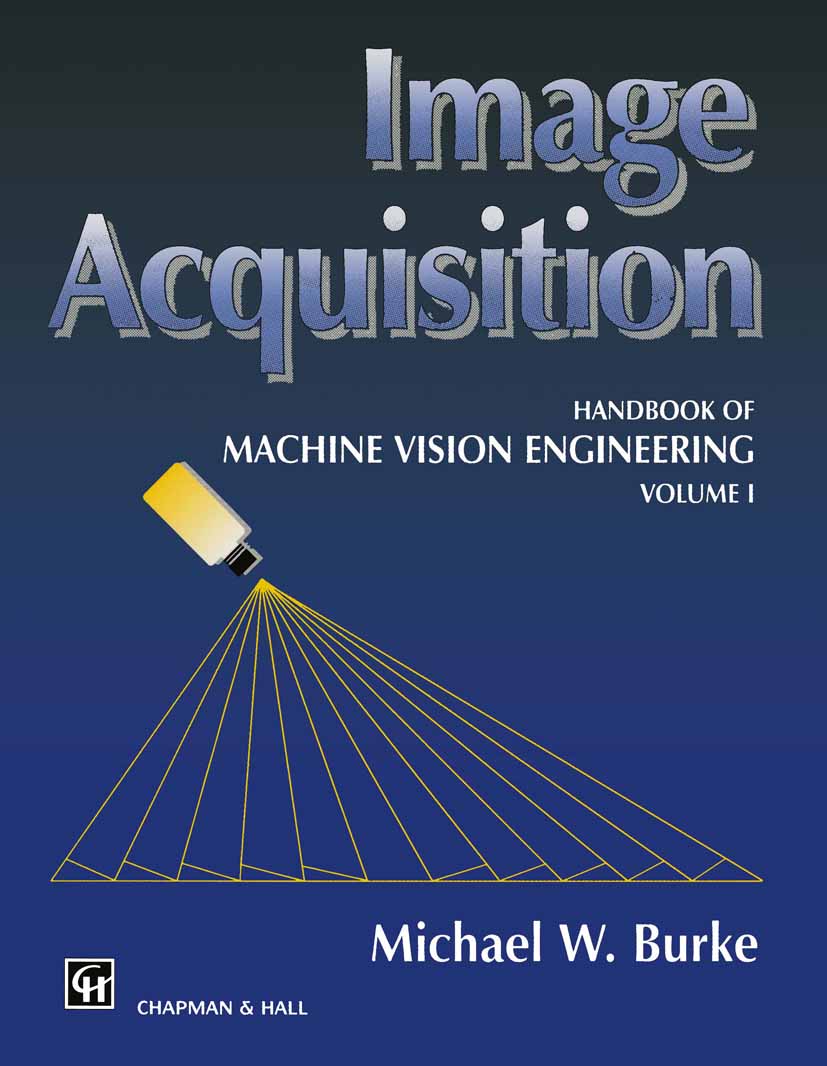
Image Acquisition MV engineering is a truly multidisciplinary area and perhaps because of this, it is plagued with imprecise jargon. This book attempts to collect the fundamental concepts into a single, well-integrated, self-consistent exposition that will serve as a relatively painless introduction to the field of MV Engineering. The ultimate goal is an enlightened practitioner capable of using this powerful new technology effectively. TECHNOLOGY & ENGINEERING,Mechanical
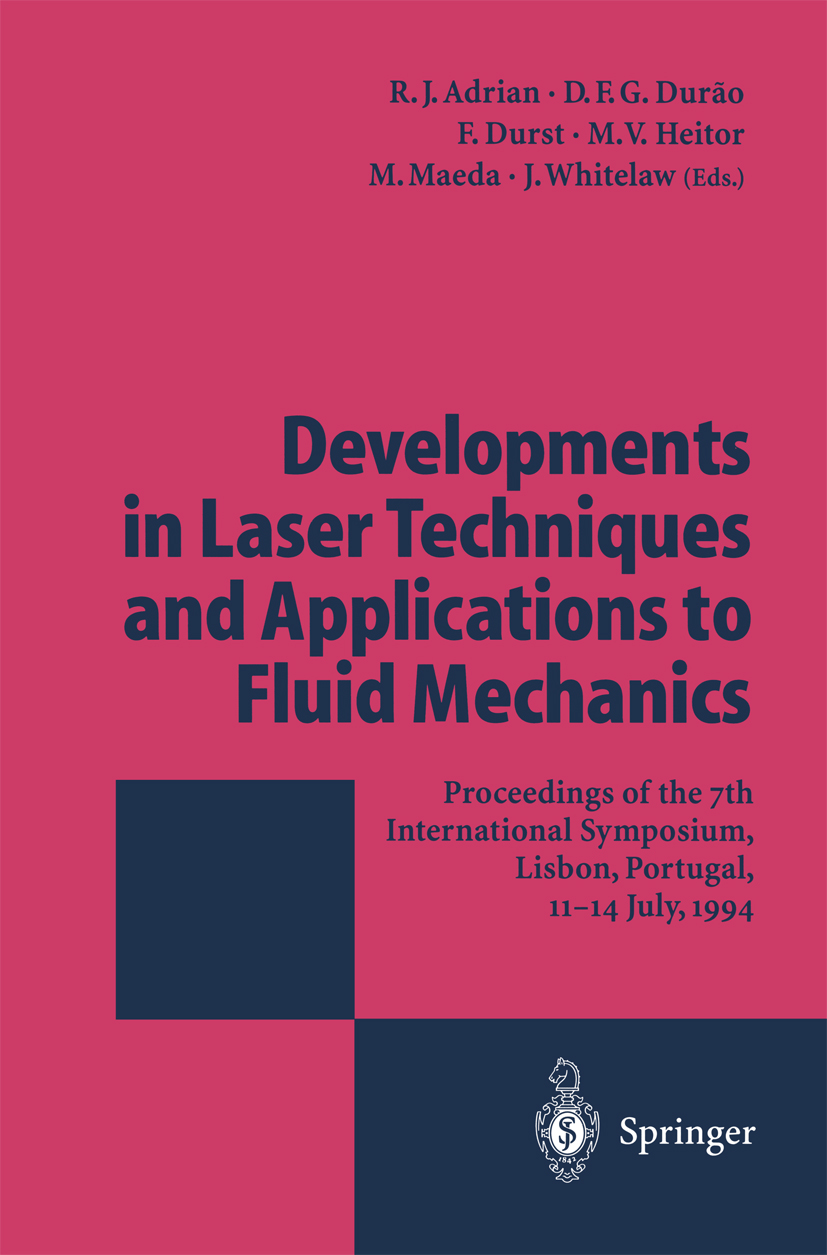
Developments in Laser Techniques and Applications to Fluid Mechanics This volume comprises a selection of the best papers presented at the Seventh Interna tional Symposium on Applications of Laser Techniques to Fluid Mechanics held at The Calouste Gulbenkian Foundation in Lisbon, during the period of July 11 to 14,1994. The papers describe Applications to Fluid Mechanics, Applications to Combustion, Instrumentation for Velocity and Size Measurements and Instrumentation for Whole Field Velocity and demonstrate the continuing and healthy interest in the development of understanding of the methodology and implementation in terms of new instru mentation. The prime objective of this Seventh Symposium was to provide a forum for the presen tation of the most advanced research on laser techniques for flow measurements, and communicate significant results to fluid mechanics. The applications oflaser techniques to scientific and engineering fluid flow research was emphasized, but contributions to the theory and practice of laser methods were also considered where they facilitate new improved fluid mechanic research. Attention was placed on laser-Doppler anemometry, particle sizing and other methods for the measurement of velocity and scalar, such as particle image velocimetry and laser induced fluorescence. We would like to take this opportunity to thank those who participated. The assistance provided by the Advisory Committee, by assessing abstracts was highly appreciated. TECHNOLOGY & ENGINEERING,Mechanical

Reverse Engineering Looking at modern industrial products, one can recognize a variety of different complex shapes. All these products are not only designed, they are styled. Everybody knows about the importance of styling, if the product is a car, but today even "simple" consumer appliances do not only have to fulfil their function, they must also look nice. In addition, even purely technical products like turbines or valves are designed with very complex shapes to make them work more efficiently. Thus, optimising the shape of products is one of the key factors in the process chain of development. Today, there are various CAx-systems, which have evolved to be the basic tools for design, calculation, simulation and manufacturing in almost all kinds of industrial environments, but the improvement of the product's shape is -in most cases -done manu ally on the physical model. This break in the CAD information flow can be overcome with REVERSE ENGINEERING techniques reconstructing the shape-describing CAD surfaces (Bezier-, NURBS-surfaces or others) from the modified physical model. nd Therefore the 2 Workshop on current CAx-problems was dedicated to REVERSE ENGINEERING. During the workshop were presented • the newest research results of surface reconstruction for a given set of points • the methods and tools for problems.in Reverse Engineering of some of the most important CAD vendors (Holometric Technology, IBM/Dassault, ICEM, Imageware, Matra Data vision, Tebis). Additionally, structural aspects in Reverse Engineering, possible future developments and new research directions were discussed. TECHNOLOGY & ENGINEERING,Mechanical
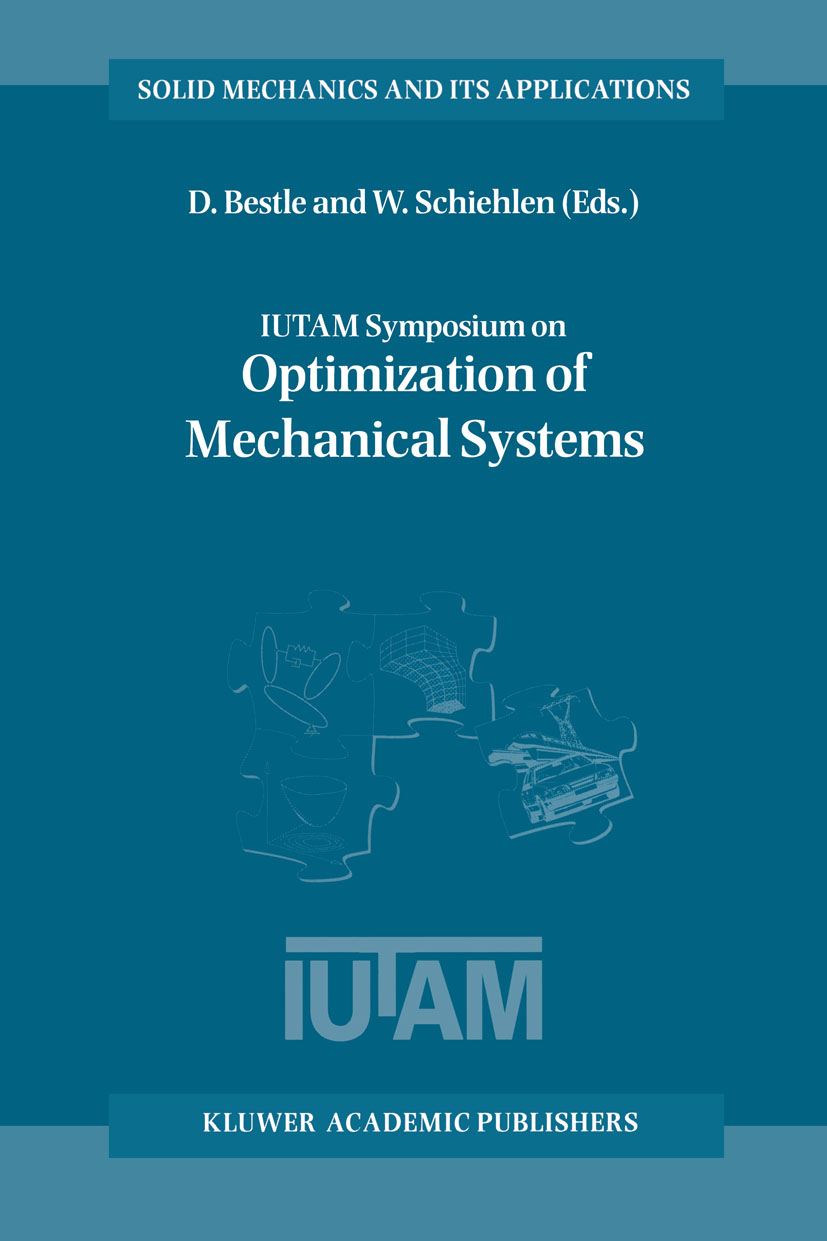
IUTAM Symposium on Optimization of Mechanical Systems Proceedings of the IUTAM Symposium held in Stuttgart, Germany, 26-31 March 1995 TECHNOLOGY & ENGINEERING,Mechanical
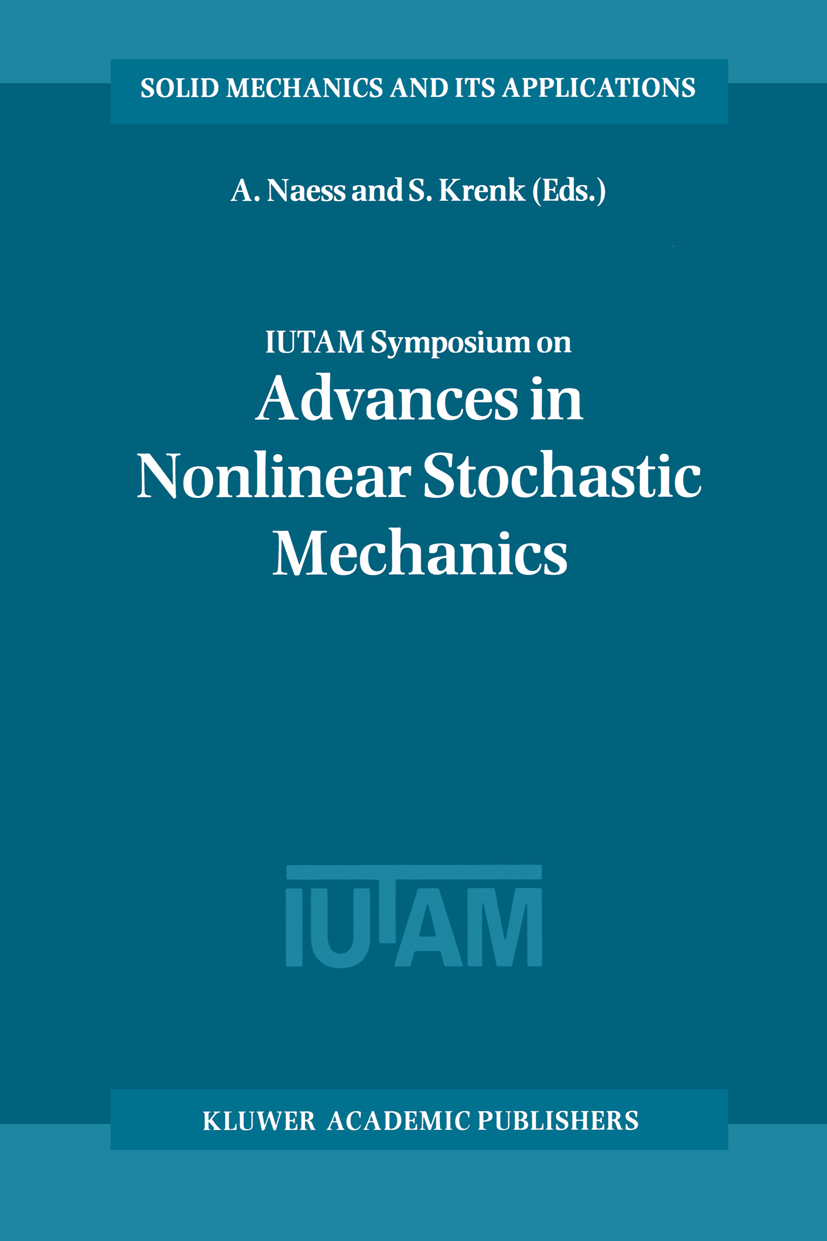
IUTAM Symposium on Advances in Nonlinear Stochastic Mechanics Proceedings of the IUTAM Symposium held in Trondheim, Norway, 3-7 July 1995 TECHNOLOGY & ENGINEERING,Mechanical
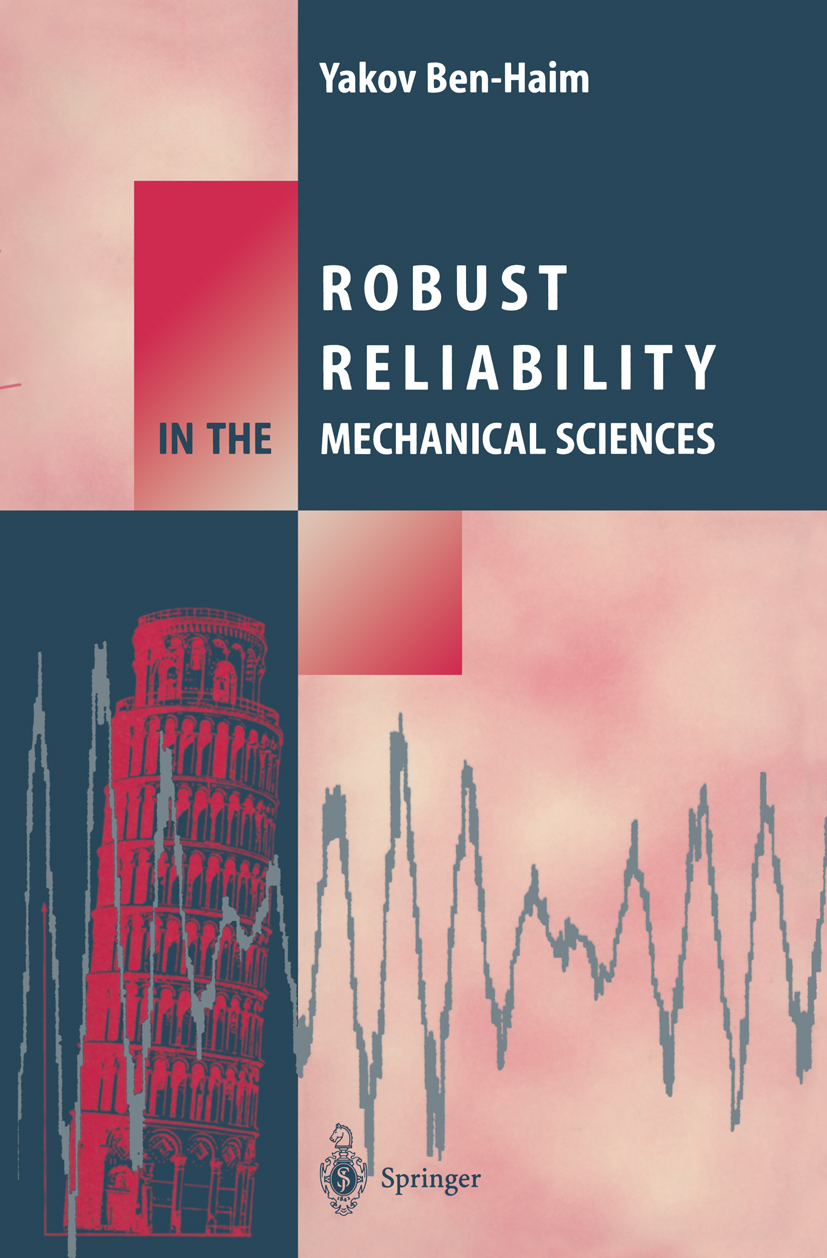
Robust Reliability in the Mechanical Sciences The aim of the book is to develop methodology for reliablity analysis which is particularly suited to the types of partial information characteristic of mechanical systems and structures. The book is designed as an upper-level undergraduate or first-year graduate text on robust reliability of mechanical systems. It will give the student or engineer a working knowledge of robust reliability which will enable him to analyse the reliability of mechanical systems. Each chapter is introduced with a brief conceptual survey of the main ideas, which are then developed through examples. Problems at the end of each chapter give the student the opportunity to strengthen and extend his or her understanding. TECHNOLOGY & ENGINEERING,Mechanical
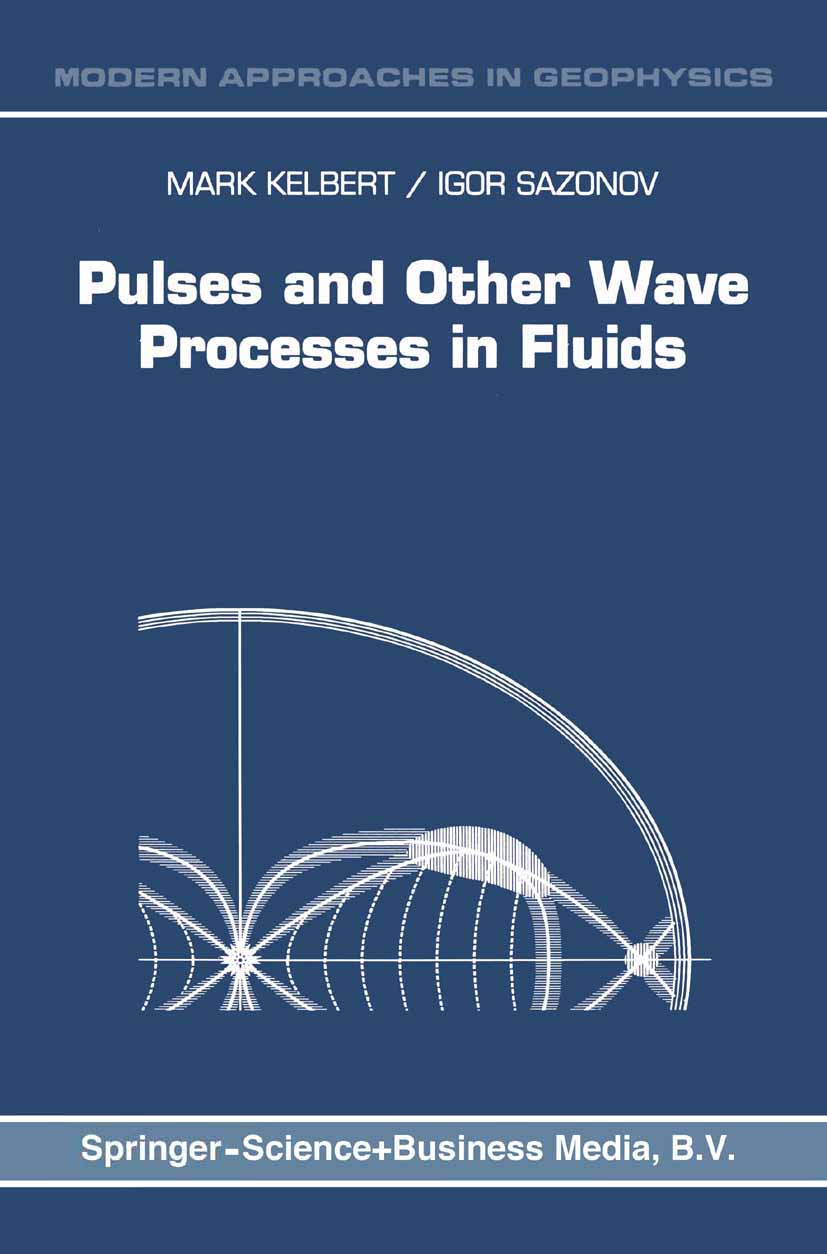
Pulses and Other Wave Processes in Fluids The subject of wave phenomena is well-known for its inter-disciplinary nature. Progress in this field has been made both through the desire to solve very practical problems, arising in acoustics, optics, radiophysics, electronics, oceanography, me teorology and so on, and through the development of mathematical physics which emphasized that completely different physical phenomena are governed by the same (or similar) equations. In the immense literature on physics of waves there is no lack of good presentations of particular branches or general textbooks on mathematical physics. But if one restricts the attention to pulse propagation phenomena, one no tices that many useful facts are scattered among the various books and journals, and their connections are not immediately apparent. For example, the problems involv ing acoustic pulse propagation in bubbly liquids and those related to electromagnetic pulses in resonant media are usually treated without much cross reference in spite of their obvious connections. The authors of this book have attempted to write a coherent account of a few pulse propagation problems selected from different branches of applied physics. Although the basic material on linear pulse propagation is included, some topics have their own unique twists, and a comprehensive treatment of this body of material can hardly be found in other sources. First of all, the problem of pulse propagation in non equilibrium media (unstable or admitting attenuation) is far more delicate than it is apparent at a first glance. TECHNOLOGY & ENGINEERING,Mechanical
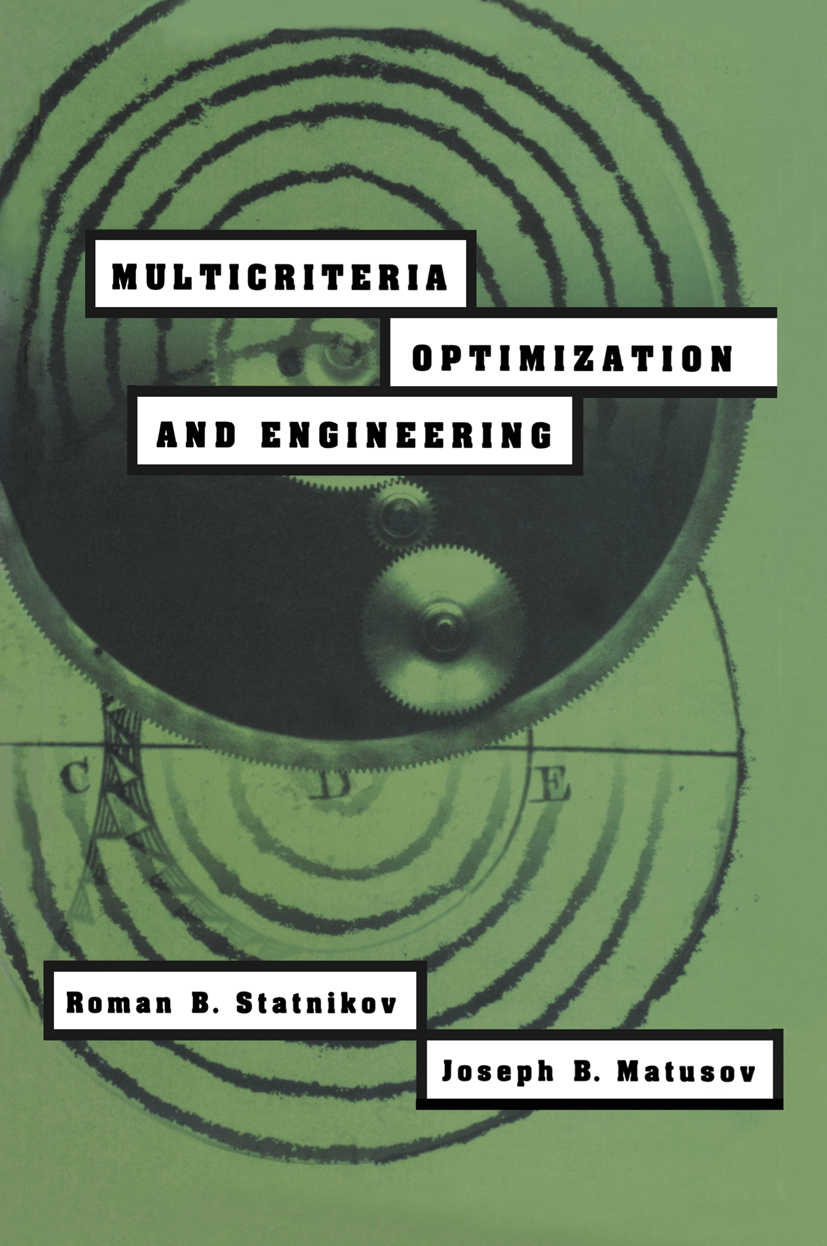
Multicriteria Optimization and Engineering method enables readers to: *efficiently design higher-quality, lower cost objects with less metal requirements, vibration and noise, and with lower dynamic loads and energy consumption *determine optimal solutions, regardless of the number of criteria involved, and to identify relationships among different criteria and between criteria and design variables *accurately account for discrepancies between theoretical and actual characteristics, using a special set of adequacy criteria *determine optimal design variables for complex finite element models In addition, the book helps readers: *enhance the potential of the PSI method with theoretical investigations and algorithms for approximating the feasible solutions set and Pareto optimal set *facilitate proficient problem-solving by incorporating recently obtained results from the theory of uniformly distributed sequences *evaluate design procedures by observing examples ranging from machine tools and agricultural equipment to automobiles and aviation This practical, in-depth treatment of multicriteria optimization and engineering is essential for engineers and designers working in research and development of manufacturing machines, mechanisms and structures. It is also an important text for students of applied mathematics, mechanical engineering, optimal control and operations research. TECHNOLOGY & ENGINEERING,Mechanical
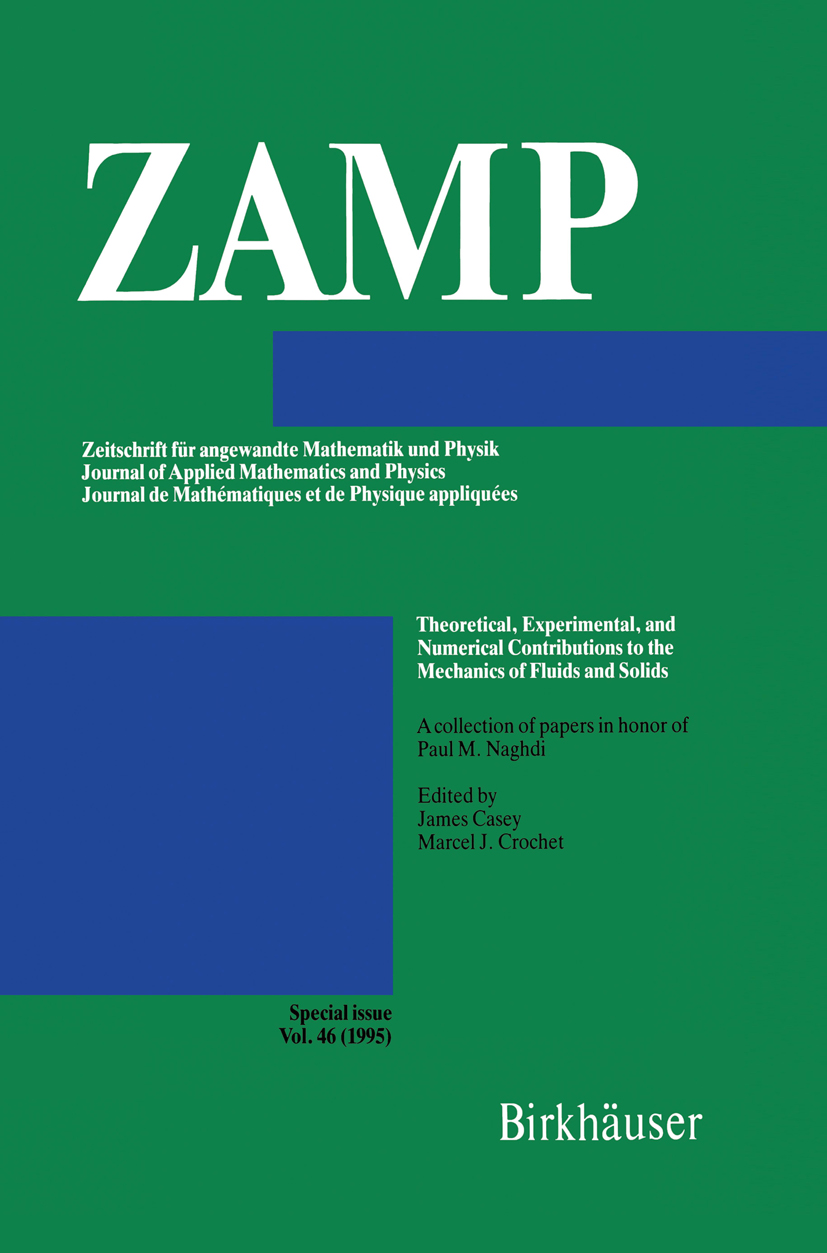
Theoretical, Experimental, and Numerical Contributions to the Mechanics of Fluids and Solids This special issue of ZAMP is published to honor Paul M. Naghdi for his contributions to mechanics over the last forty years and more. It is offered in celebration of his long, productive career in continuum mechan ics; a career which has been marked by a passion for the intrinsic beauty of the subject, an uncompromising adherence to academic standards, and an untiring devotion to our profession. Originally, this issue was planned in celebration of Naghdi's 70th birthday, which occurred on 29 March 1994. But, as the papers were being prepared for the press, it became evident that the illness from which Professor Naghdi had been suffering during recent months was extremely serious. On 26 May 1994, a reception took place in the Department of Mechanical Engineering at Berkeley, at which Naghdi received The Berkeley Citation (which is given in lieu of an honorary degree) and where he was also presented with the Table of Contents of the present collection. Subse quently, he had the opportunity to read the papers in manuscript form. He was very touched that his colleagues had chosen to honor him with their fine contributions. The knowledge that he was held in such high esteem by his fellow scientists brought a special pleasure and consolation to him in his last weeks. On Saturday evening, 9 July 1994, Paul Naghdi succumbed to the lung cancer which he had so courageously endured. TECHNOLOGY & ENGINEERING,Mechanical
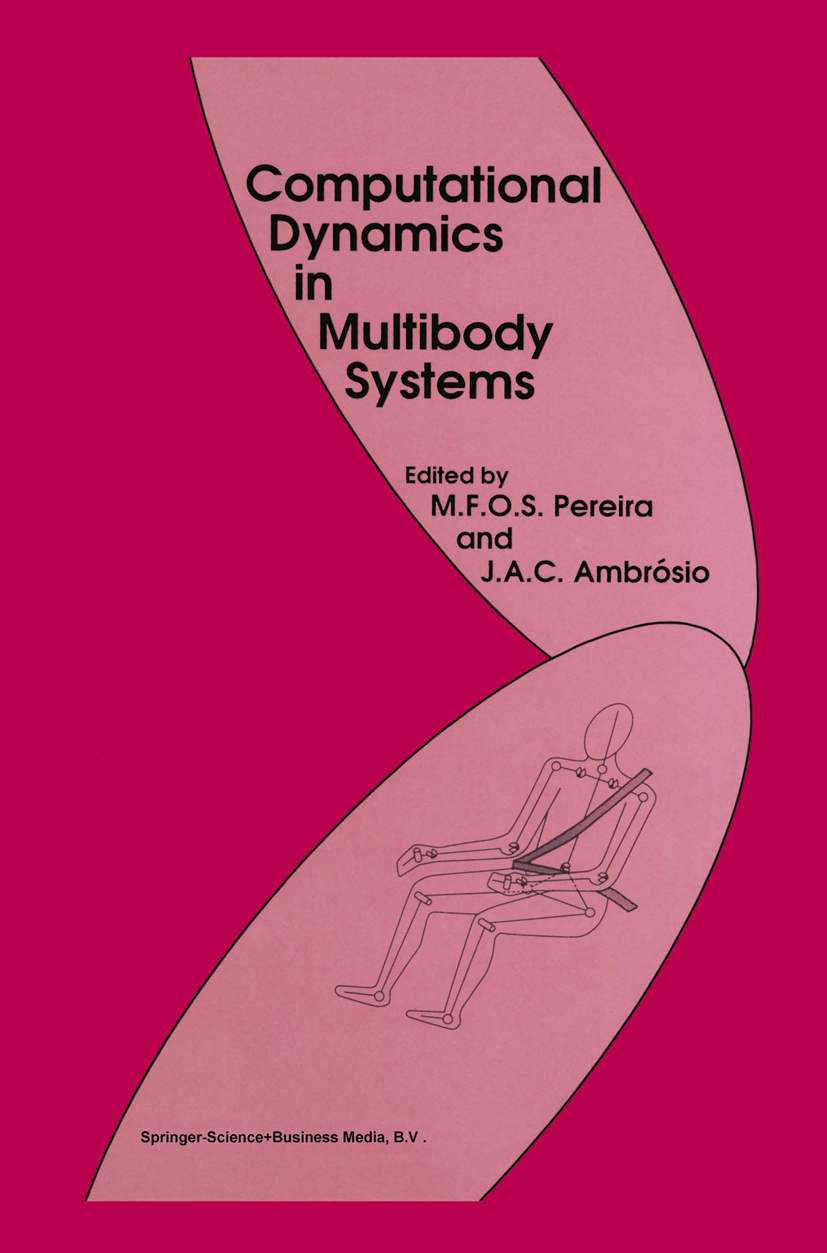
Computational Dynamics in Multibody Systems This volume contains the edited version of selected papers presented at the Nato Advanced Study Institute on "Computer Aided Analysis of Rigid and Flexible Mechanical Systems", held in Portugal, from the 27 June to 9 July, 1994. The present volume can be viewed as a natural extension of the material addressed in the Institute which was published by KLUWER in the NATO ASI Series, Vol. 268, in 1994. The requirements for accurate and efficient analysis tools for design of large and lightweight mechanical systems has driven a strong interest in the challenging problem of multibody dynamics. The development of new analysis and design formulations for multi body systems has been more recently motivated with the need to include general features such as: real-time simulation capabilities, active control of machine flexibilities and advanced numerical methods related to time integration of the dynamic systems equations. In addition to the presentation of some basic formulations and methodologies in dynamics of multibody systems, including computational aspects, major applications of developments to date are presented herein. The scope of applications is extended to vehicle dynamics, aerospace technology, robotics, mechanisms design, intermittent motion and crashworthiness analysis. Several of these applications are explored by many contributors with a constant objective to pace development and improve the dynamic performance of mechanical systems avoiding different mechanical limitations and difficult functional requirements, such as, for example, accurate positioning of manipulators. TECHNOLOGY & ENGINEERING,Mechanical
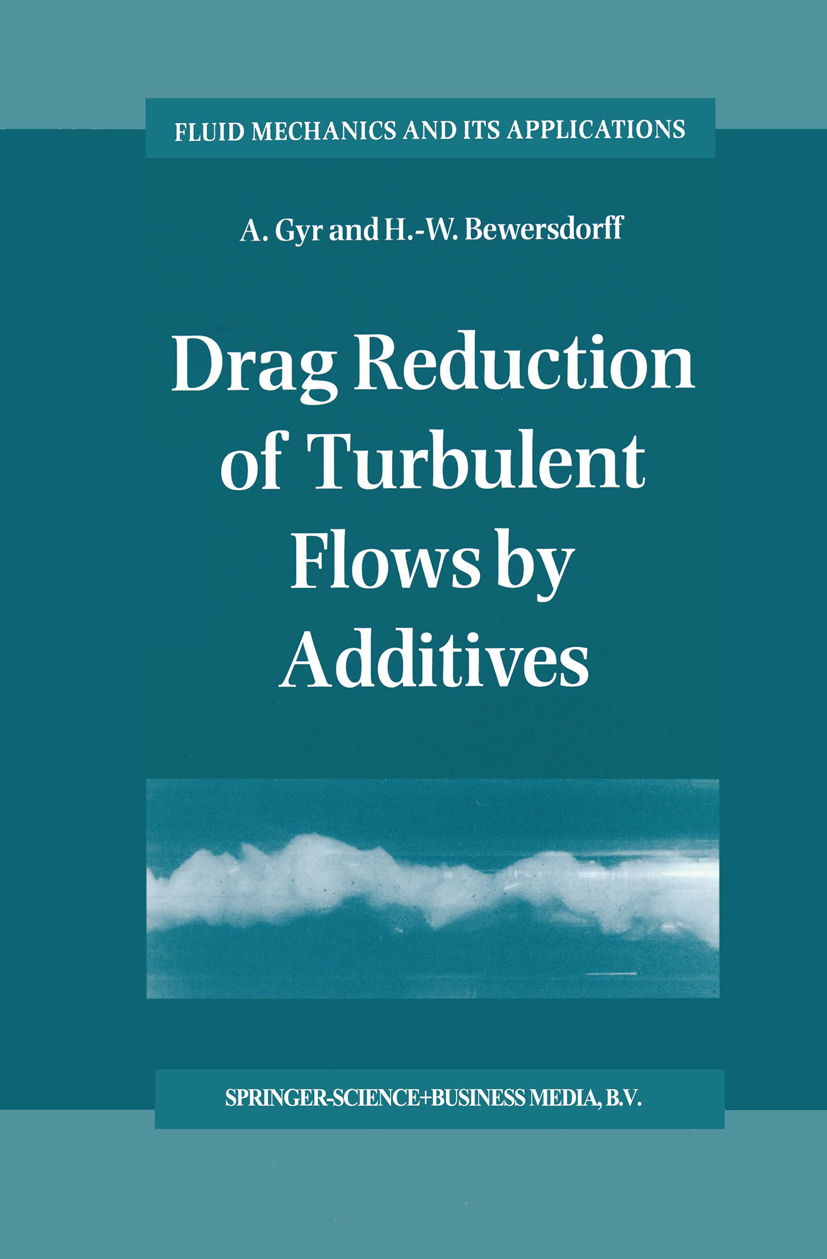
Drag Reduction of Turbulent Flows by Additives Drag Reduction of Turbulent Flows by Additives is the first treatment of the subject in book form. The treatment is extremely broad, ranging from physicochemical to hydromechanical aspects. The book shows how fibres, polymer molecules or surfactants at very dilute concentrations can reduce the drag of turbulent flow, leading to energy savings. The dilute solutions are considered in terms of the physical chemistry and rheology, and the properties of turbulent flows are presented in sufficient detail to explain the various interaction mechanisms. Audience: Those active in fundamental research on turbulence and those seeking to apply the effects described. Fluid mechanical engineers, rheologists, those interested in energy saving methods, or in any other application in which the flow rate in turbulent flow should be increased. TECHNOLOGY & ENGINEERING,Mechanical
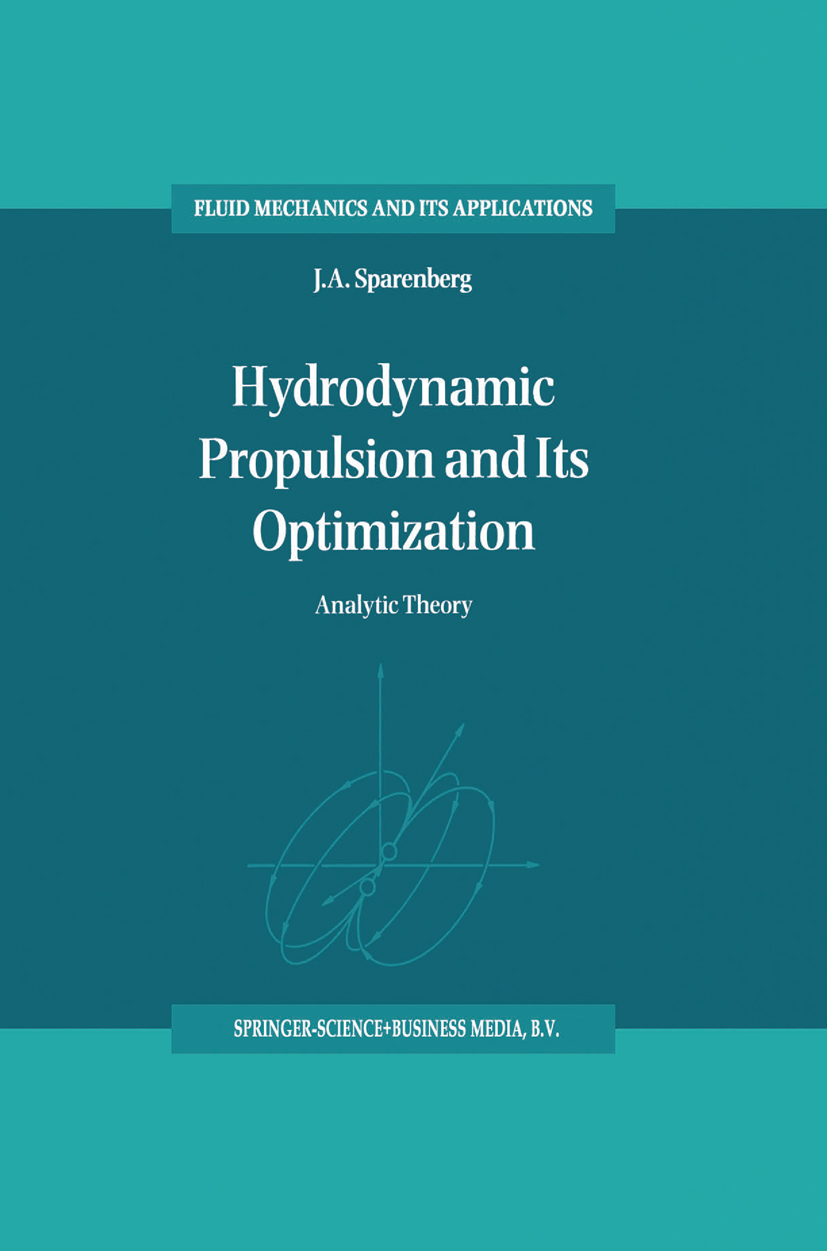
Hydrodynamic Propulsion and Its Optimization HYDRODYNAMIC PROPULSION AND ITS OPTIMIZATION ANALYTIC THEORY Hydrodynamic propulsion has been of major interest ever since craft took to the water. In the course of time, many attempts have been made to invent, develop, or to improve hydrodynamic propulsion devices. Remarkable achievements in this field were made essentially by experienced individuals, who were in need of reliable propulsion units such as paddle wheels, sculling devices, screw propellers, and of course, sails. The problem of minimizing the amount of input energy for a prescribed effective output was first investigated seriously at the beginning of this century. In 1919, BETZ presented a paper on air-screw propellers with minimum consumption of energy which could be applied to ship-screw propellers also. Next, attempts were made to optimize hydrodynamic propulsion units. Ensuing investigations concerned the optimization of the hydrodynamic system: ship-propeller. The first simple theory of ship propulsion which was presented considered more or less only thrust augmentation, wake processing and modification of propeller characteristics when operating behind the ships hull. This theory has been little improved meanwhile and is still useful, particularly with regard to practical ship design and for evaluating results of ship model tests. However, this theory is not adequate for optimization procedures necessary for high-technology propulsion, particularly for ship propellers utilizing propulsion improving devices such as tip end plates or tip fins at the propeller blades, spoilers in front of the propeller, asymmetrical stern etc. TECHNOLOGY & ENGINEERING,Mechanical

Value-added Management with Design of Experiments This book is about survival. It is about survival in a world that is changing. It is about survival in an occupation - management - that is almost unrecognizable from the viewpoint of only a few years ago, and one that will change even more rapidly in the future. It is about the ultimate survival tool: that of making oneself useful. Managers can be useful, but maybe not in the traditional sense. This book is written for managers who want to be useful by adding value to society in the form of useful products and services. It is not written for those who view personal advancement or wealth as their primary goal. Former Speaker of the US House of Representatives Thomas P. O'Neill was fond of saying 'All politics is local. ' I would like to appropriate that statement and paraphrase it for this book as 'All management is local. ' By that I mean that ultimately, after the global financing and market strategies are in place, and after the top-level missions and purpose of the organization are stated, the value-added manager must know what to do on Monday morning to get the product into the hands of the customer as quickly and efficiently as possible, and to be sure that the customer is successful in using the product. Increasingly, the top-level executive who creates the grand vision is also the manager who must implement it. TECHNOLOGY & ENGINEERING,Mechanical

Advances in Nonlinear Dynamics This is the second and final issue of the collection of papers that were contributed by friends and colleagues of (Late) Professor P. R. "Pat" Sethna of the University of Minnesota to commemorate his 70th birthday on May 26, 1993. The first set of contributions was published in Nonlinear Dynamics as the last issue (no. 6) of Vol. 4 in 1993. As circumstances would have it, Professor Sethna was diagnosed with cancer in the fall of 1992 and, after an extended battle with the disease, he passed away on November 4, 1993, just a few days before the first set of contributed papers appeared in print. It is gratifying to report that the organizers of these vi Foreword commemorative issues in Nonlinear Dynamics were able to present to Professor Sethna, on the occasion of his 70th birthday, complete details of the planned commemorative issues. This second set of contributions is dedicated, in memoriam, to Professor P. R. Sethna. As many of you are well aware, Professor Sethna was an active researcher in the field of nonlinear vibrations and dynamics for nearly forty years, making many fundamental and significant contributions to both the theoretical and applied aspects of this field. He was also recognized for his outstanding leadership and administrative abilities, amply demonstrated through his position as the Head of the Department of Aerospace Engineering and Mechanics at the University of Minnesota for twenty-six years (1966-1992). TECHNOLOGY & ENGINEERING,Mechanical
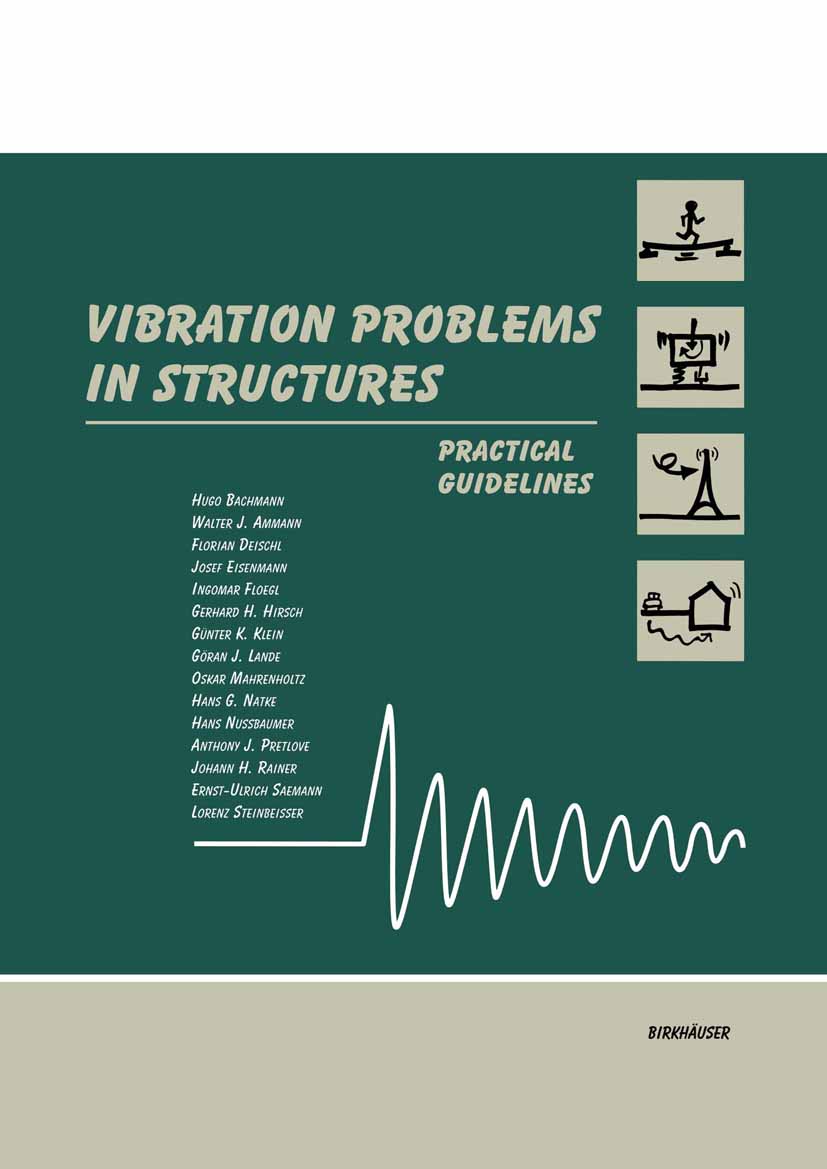
Vibration Problems in Structures 1 Vibrations induced by people.- 1.1 Pedestrian bridges.- 1.1.1 Problem description.- 1.1.2 Dynamic actions.- 1.1.3 Structural criteria.- a) Natural frequencies.- b) Damping.- c) Stiffness.- 1.1.4 Effects.- 1.1.5 Tolerable values.- 1.1.6 Simple design rules.- a) Tuning method.- b) Code method.- c) Calculation of upper bound response for one pedestrian.- d) Effects of several pedestrians.- 1.1.7 More advanced design rules.- 1.1.8 Remedial measures.- a) Stiffening.- b) Increased damping.- c) Vibration absorbers.- 1.2 Floors with walking people.- 1.2.1 Problem description.- 1.2.2 Dynamic actions.- 1.2.3 Structural criteria.- a) Natural frequencies.- b) Damping.- 1.2.4 Effects.- 1.2.5 Tolerable values.- 1.2.6 Simple design rules.- a) High tuning method.- b) Heel impact method.- 1.2.7 More advanced design rules.- 1.2.8 Remedial measures.- a) Shift of the natural frequency.- b) Non-structural elements.- 1.3 Floors for sport or dance activities.- 1.3.1 Problem description.- 1.3.2 Dynamic actions.- 1.3.3 Structural criteria.- a) Natural frequencies.- b) Damping.- 1.3.4 Effects.- 1.3.5 Tolerable values.- 1.3.6 Simple design rules.- 1.3.7 More advanced design rules.- 1.3.8 Remedial measures.- a) Raising the natural frequency by means of added stiffness.- b) Increasing structural damping.- c) Use of vibration absorbers.- 1.4 Floors with fixed seating and spectator galleries.- 1.4.1 Problem description.- 1.4.2 Dynamic actions.- 1.4.3 Structural criteria.- a) Natural frequencies.- b) Damping.- 1.4.4 Effects.- 1.4.5 Tolerable values.- 1.4.6 Simple design rules.- 1.4.7 More advanced design rules.- 1.4.8 Remedial measures.- 1.5 High-diving platforms.- 1.5.1 Problem description.- 1.5.2 Dynamic actions.- 1.5.3 Structural criteria.- a) Natural frequencies.- b) Damping.- 1.5.4 Effects.- 1.5.5 Tolerable values.- 1.5.6 Simple design rules.- a) Stiffness criteria.- b) Frequency criteria.- 1.5.7 More advanced design rules.- 1.5.8 Remedial measures.- References to Chapter 1.- 2 Machinery-induced vibrations.- 2.1 Machine foundations and supports.- 2.1.1 Problem description.- 2.1.2 Dynamic actions.- a) Causes.- b) Periodic excitation.- c) Transient excitation.- d) Stochastic excitation.- 2.1.3 Structural criteria.- a) Natural frequencies.- b) Damping.- 2.1.4 Effects.- a) Effects on structures.- b) Effects on people.- c) Effects on machinery and installations.- d) Effects due to structure-borne sound.- 2.1.5 Tolerable values.- a) General Aspects.- b) Structural criteria.- c) Physiological criteria.- d) Production-quality criteria.- e) Tolerable values relative to structure-borne sound.- 2.1.6 Simple design rules.- a) General.- b) Data desirable for the design of machine supports.- c) Measures for rotating or oscillating machines.- d) Measures for machines with impacting parts.- e) Rules for detailing and construction.- 2.1.7 More advanced design rules.- 2.1.8 Remedial measures.- 2.2 Bell towers.- 2.2.1 Problem description.- 2.2.2 Dynamic actions.- 2.2.3 Structural criteria.- a) Natural frequencies.- b) Damping.- 2.2.4 Effects.- 2.2.5 Tolerable values.- 2.2.6 Simple design rules.- 2.2.7 More advanced design rules.- 2.2.8 Remedial measures.- 2.3 Structure-borne sound.- 2.3.1 Problem description.- 2.3.2 Dynamic actions.- 2.3.3 Structural criteria.- 2.3.4 Effects.- 2.3.5 Tolerable values.- 2.3.6 Simple design rules.- a) Influencing the initiation.- b) Influencing the transmission.- 2.3.7 More advanced design rules.- 2.3.8 Remedial measures.- 2.4 Ground-transmitted vibrations.- 2.4.1 Problem description.- 2.4.2 Dynamic actions.- 2.4.3 Structural criteria.- a) Natural frequencies.- b) Damping.- 2.4.4 Effects.- 2.4.5 Tolerable values.- 2.4.6 Simple design rules.- a) Emission.- b) Transmission.- c) Immission.- 2.4.7 More advanced design rules.- 2.4.8 Remedial measures.- References to Chapter 2.- 3 Wind-induced vibrations.- 3.1 Buildings.- 3.1.1 Problem description.- 3.1.2 Dynamic actions.- 3.1.3 Structural criteria.- a) Natural frequencies.- b) Damping.- c) Stiffness.- 3.1.4 Effects.- 3.1.5 Tolerable values.- 3.1.6 Simple design rules.- 3.1.7 More advanced design rules.- 3.1.8 Remedial measures.- a) Installation of damping elements.- b) Vibration absorbers.- 3.2 Towers.- 3.2.1 Problem description.- 3.2.2 Dynamic actions.- 3.2.3 Structural criteria.- a) Natural frequencies.- b) Damping.- c) Stiffness.- 3.2.4 Effects.- 3.2.5 Tolerable values.- 3.2.6 Simple design rules.- 3.2.7 More advanced design rules.- 3.2.8 Remedial measures.- 3.3 Chimneys and Masts.- 3.3.1 Problem description.- 3.3.2 Dynamic actions.- 3.3.3 Structural criteria.- a) Natural frequencies.- b) Damping.- 3.3.4 Effects.- 3.3.5 Tolerable values.- 3.3.6 Simple design rules.- 3.3.7 More advanced design rules.- 3.3.8 Remedial measures.- 3.4 Guyed Masts.- 3.4.1 Problem description.- 3.4.2 Dynamic actions.- 3.4.3 Structural criteria.- a) Natural frequencies.- b) Damping.- 3.4.4 Effects.- 3.4.5 Tolerable values.- 3.4.6 Simple design rules.- 3.4.7 More advanced design rules.- 3.4 TECHNOLOGY & ENGINEERING,Mechanical

Laminar-Turbulent Transition The International Union of Theoretical and Applied Mechanics (IUTAM) decided in 1992 to sponsor the fourth Symposium on Laminar-Turbulent Transition, Sendai/Japan, 1994. The objectives of the present Symposium were to deepen the fundamental knowledge of stability and laminar turbulent transition in three-dimensional and compressible flows and to contribute to recent developing technologies in the field. This Symposium followed the three previous IUTAM-Symposia (Stuttgart 1979, Novosibirsk 1984 and Toulouse 1989). The Scientific Committee selected two keynote lectures and 62 technical papers. The Symposium was held on the 5th to 9th of September, 1994, at the Sendai International Center in Sendai. The participants were 82 scientists from 10 countries. The keynote lectures have critically reviewed recent development of researches concerning the laminar-to-turbulent transition phenomena from the fundamental and the application aspects. Many papers presented were concerned about the detailed mechanism of the boundary layer transition (receptivity, secondary instability, turbulent spot and bypass transition). Particular emphasis was further placed on the transition of three-dimensional boundary layers on rotation systems and on swept wings. Attention was also given to compressible hypersonic flows. TECHNOLOGY & ENGINEERING,Mechanical

Contemporary Research in Engineering Science Fatigue failures occur in aerospace,marine,nuclear structures and automobile com ponents from initiation and propagation of cracks from holes,scratches or defects in the material. To design against these failures, crack propagation life and fracture strength need to be accurately predicted. It is reported in the literature, that these failures often initiate as surface cracks, corner cracks and cracks emanating from fastner holes. Such cracks are with elliptic or nearly elliptic in shapes. The deviation from elliptic shape is due to varying constraint effect along the crack front. Even in situations, when the cracks are through the thickness of the material, there would be thicknesswise variation of constraint effects leading to three dimensional nature of crack growth. Accurate predictions of the crack growth in these cases by numerical methods can be made only by solving three-dimensional boundary value problems. Empirical relationships have been developed [1] based on Linear Elastic Fracture Mechanics over years describing fatigue crack growth response. Some of these empirical relationships required modifications in the later stages, to meet the design applications. The Crack closure phenomenon discovered by Elber[2, 3] during the crack growth phase is mainly attributed to the local material yielding near the crack tip and the consequent residual plastic wake behind the crack tip. It helped considerably in understanding several aspects of fatigue crack growth and rewrite these relations. TECHNOLOGY & ENGINEERING,Mechanical
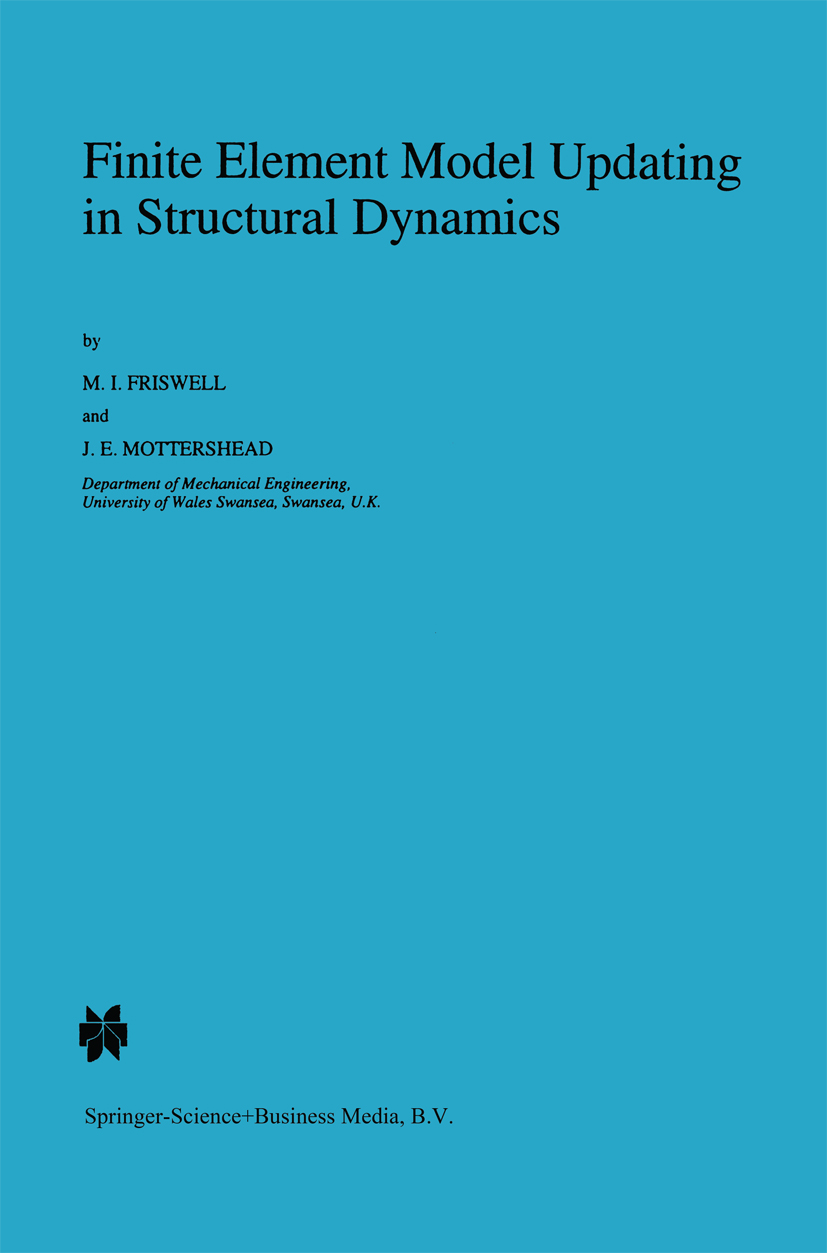
Finite Element Model Updating in Structural Dynamics Finite element model updating has emerged in the 1990s as a subject of immense importance to the design, construction and maintenance of mechanical systems and civil engineering structures. This book, the first on the subject, sets out to explain the principles of model updating, not only as a research text, but also as a guide for the practising engineer who wants to get acquainted with, or use, updating techniques. It covers all aspects of model preparation and data acquisition that are necessary for updating. The various methods for parameter selection, error localisation, sensitivity and parameter estimation are described in detail and illustrated with examples. The examples can be easily replicated and expanded in order to reinforce understanding. The book is aimed at researchers, postgraduate students and practising engineers. TECHNOLOGY & ENGINEERING,Mechanical

Methods of Model Based Process Control Proceedings of the NATO Advanced Study Institute, Antalya, Turkey, August 7--17, 1994 TECHNOLOGY & ENGINEERING,Mechanical

Advances in Structural Optimization Advances in Structural Optimization presents the techniques for a wide set of applications, ranging from the problems of size and shape optimization (historically the first to be studied) to topology and material optimization. Structural models are considered that use both discrete and finite elements. Structural materials can be classical or new. Emerging methods are also addressed, such as automatic differentiation, intelligent structures optimization, integration of structural optimization in concurrent engineering environments, and multidisciplinary optimization. For researchers and designers in industries such as aerospace, automotive, mechanical, civil, nuclear, naval and offshore. A reference book for advanced undergraduate or graduate courses on structural optimization and optimum design. TECHNOLOGY & ENGINEERING,Mechanical
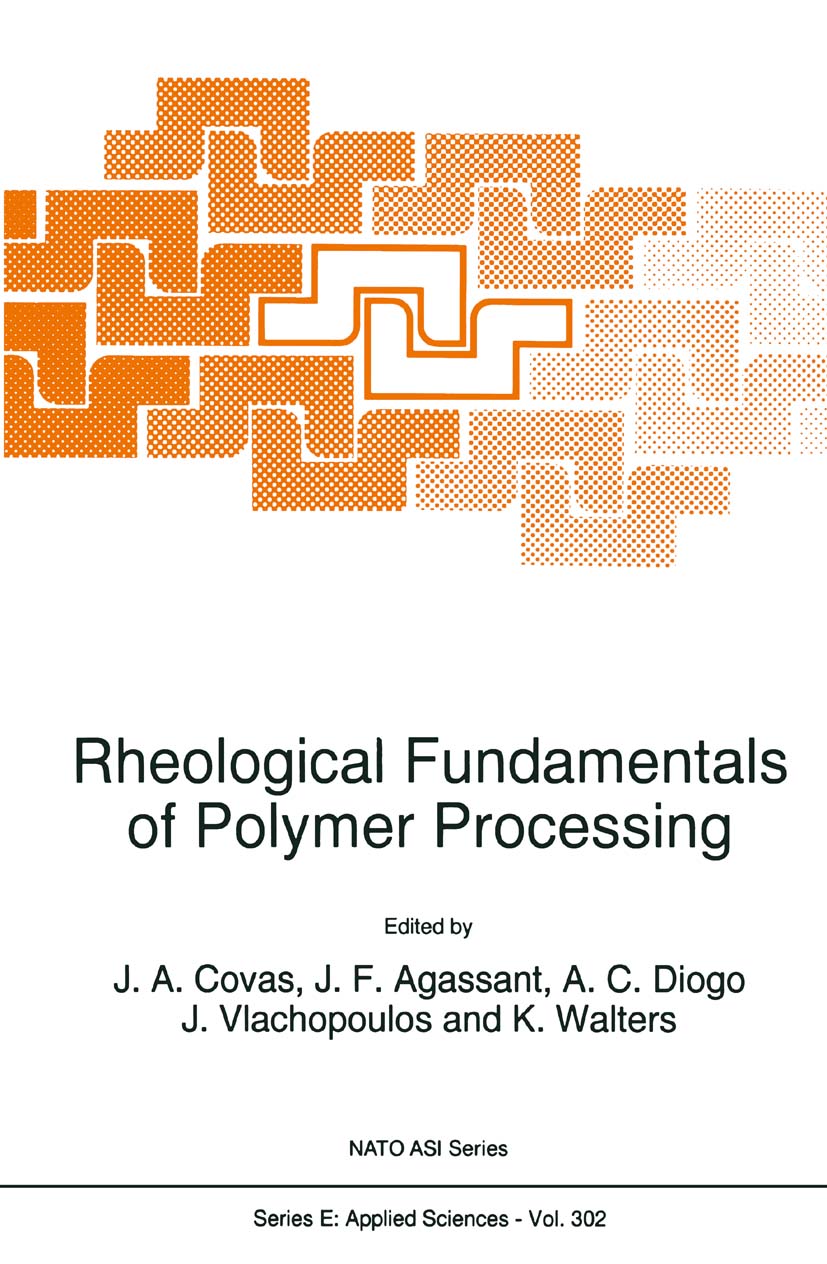
Rheological Fundamentals of Polymer Processing Proceedings of the NATO Advanced Study Institute, Alvor, Portugal, September 26-October 8, 1994 TECHNOLOGY & ENGINEERING,Mechanical
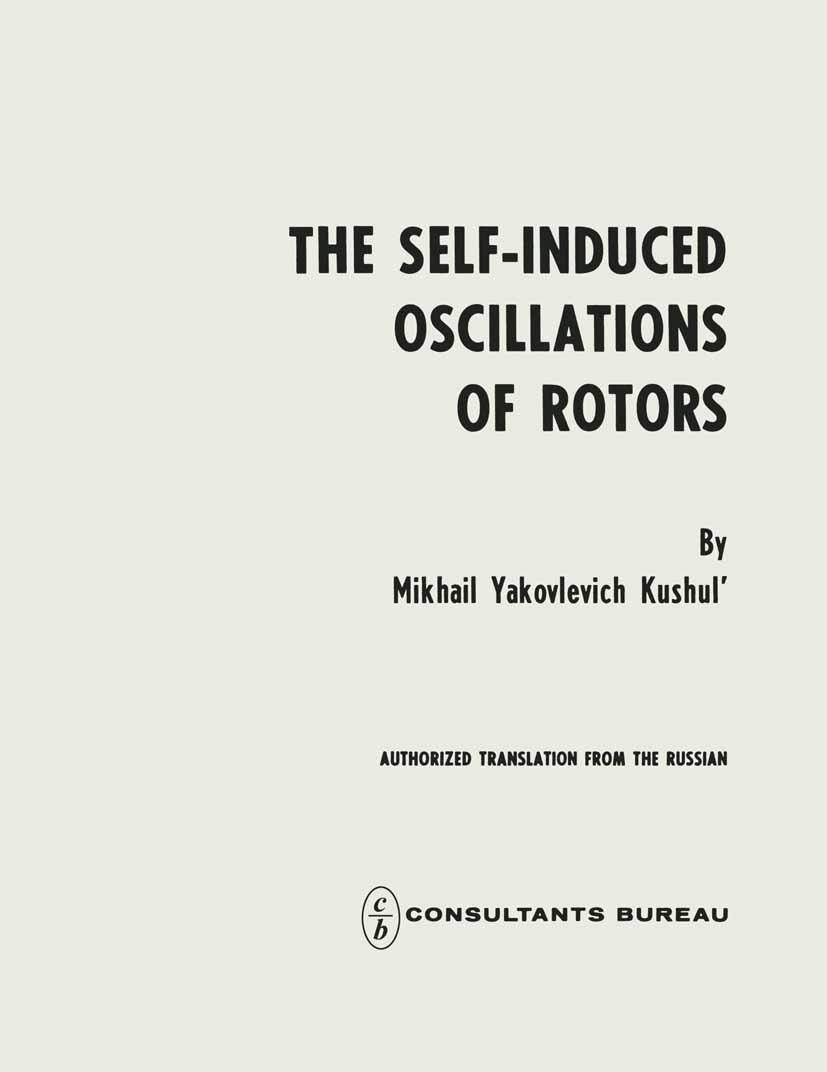
The Self-Induced Oscillations of Rotors The rapid increase in operating speeds of mechanisms and machines during the last few decades has posed mechanical and technical engineers aseries of new problems. One of these is that of the investigation of the dynamics of flexible rotors operating at speeds greater than the first- and higher-order critical speeds. In con temporary machine design we must cope with various machines and assemblies containing shafts which operate under such conditions: turbogenerators. gas and steam turbines. spinning shafts. high-capacity pumps, and a multitude of special-purpose machines. One of the problems in the dynamics of flexible rotors-the passage through the resonance state-has re cently been almost completely solved in the work of Yu. A. Mitropol'skii. F. M. Dirnentberg, V. O. Kononenko. A. P. Fillippov. and others. Much less attention has been devoted to two other interrelated problems in the dynamics of high-speed rotors: the loss of stability in regime-combining forced vibrations due to imbalance in the supercritical region, along with self-induced or self-exc1ted vibrations. These problems are rapidly becoming more important as self-induced vibrations occurring at speeds beyond the critical speed are being met with more and more often in practice [1-3]. One of the main causes for the loss of stability of a rotor in the supercritical region. as was first estab lished by Kimball in [4] and Newkirk in [5] during the ninteen-twenties, is the force due to interna1 friction. TECHNOLOGY & ENGINEERING,Mechanical
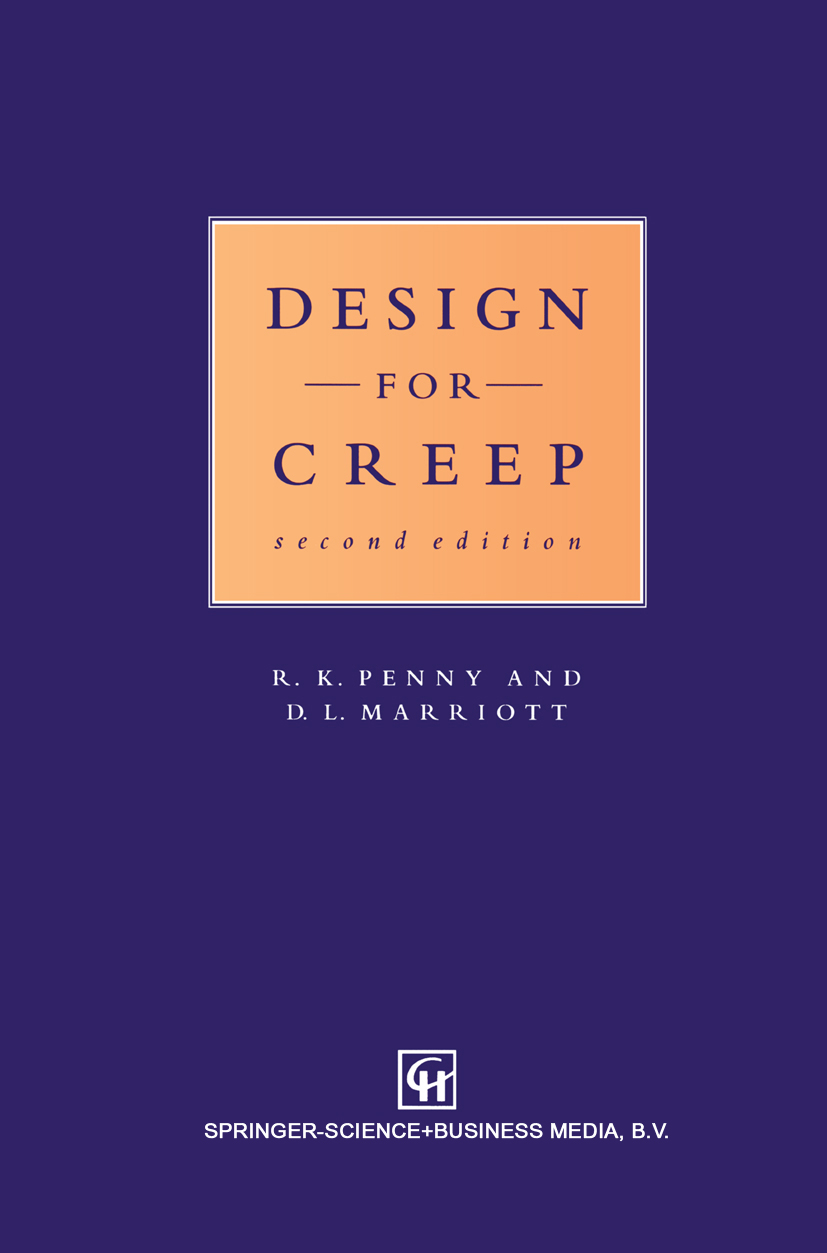
Design for Creep Our rationale for the second edition remains the same as for the first edition, which appeared over twenty years ago. This is to offer simplified, useful and easily understood methods for dealing with the creep of components operating under conditions met in practice. When the first edition was written, we could not claim that the methods which were introduced were well-tried. They were somewhat conjectural, although firmly based, but not sufficiently well devel oped. Since that time, the Reference Stress Methods (RSM) introduced in the book have received much scrutiny and development. The best recognition we could have of the original methods is the fact that they are now firmly embedded in codes of practice. Hopefully, we have now gone a long way towards achieving our original objectives. There are major additions to this second edition which should help to justify our claims. These include further clarification regarding Reference Stress Methods in Chapter 4. There are also new topics which depend on RSM in varying degrees: • Creep fracture is covered in Chapter 7, where methods for assessing creep crack initiation and crack growth are fully described. This chapter starts with a review of the basic concepts of fracture mechanics and follows with useful, approximate methods, compatible with the needs of design for creep and the availability of standard data. • Creep/fatigue interactions and environmental effects appear in Chapter 8. TECHNOLOGY & ENGINEERING,Mechanical

Materials Metrology and Standards for Structural Performance Materials metrology is the measurement science used for determining materials property data. An essential element is the symbiosis between the understanding of materials behaviour and the development of suit able measurement techniques which, through the provision of stand ards, enable design engineers and plant operators to acquire materials data of appropriate precision. This book is concerned only with those aspects of materials metrology and standards that relate to the design and performance in service ofstructuresand consumerproducts. Itdoes not consider their important role in the processing ofmaterials. Theeditorsare grateful for thecommitmentand patience oftheexperts who contributed the various chapters. In addition, help from staffin the Division ofMaterials Metrology, National Physical Laboratory,inassist ing with the task of refereeing the chapters is gratefully acknowledged. The production of this book was carried out as part of the Materials Measurement Programme of underpinning research financed by the United Kingdom Department ofTrade and Industry. Brian F. Dyson Malcolm S. Loveday MarkG. Gee Division of Materials Metrology National Physical Laboratory Teddington, TWll OLW UK CHAPTER 1 Materials metrology and standards: an introduction B. F. Dyson, M. S. Loveday and M. G. Gee 1. 1 MATERIALS ASPECTS OF STRUCTURAL DESIGN Knowledge concerning the behaviour of materials has always been vital for the success of manufactured products, but never more so than at the present time. TECHNOLOGY & ENGINEERING,Mechanical
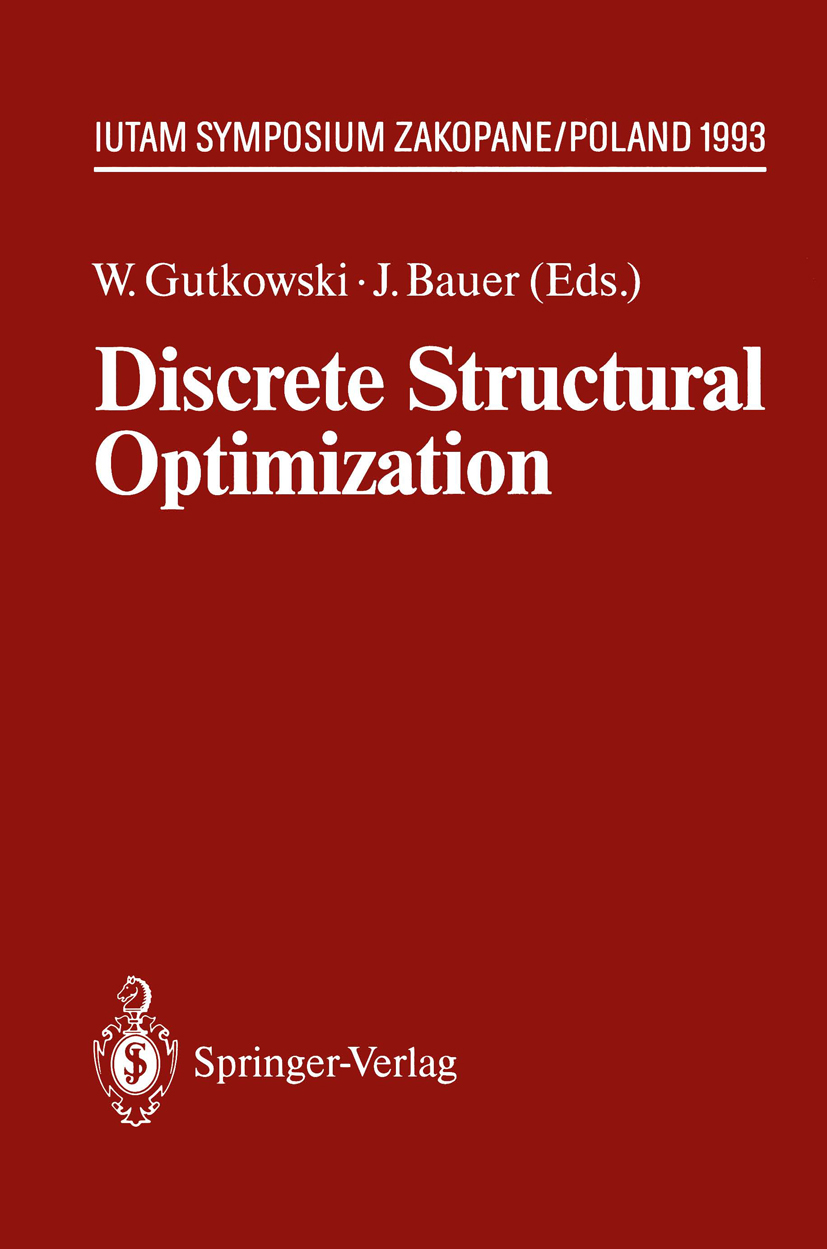
Discrete Structural Optimization The IUTAM Symposium on "Discrete Structural Optimization" was devoted to discuss optimization problems for which design va riables may not be sought among continuous sets. Optimum sizing from lists of available profiles, segmentation; as well as allocation and number of supports, sensors or actuators, are good exam ples of such problems for which design variables may be chosen only from finite sets. The above problems are having not only important practical applications. They are also inspiring scienti fic research in the field of discrete applied mathematics. Among them are controlled enumeration methods, subgradient approach, genetic programming, multicriteria optimization, neural nets etc. Along with its tradition of promoting and supporting new im portant fields of research in mechanics and its application, General Assembly of IUTAM decided in 1990 to support the Sumposium. It is worthy to note that this is the second IUTAM Symposium on structural optimization, organized in Poland. The first one was held in Warsaw twenty years ago and was organized by Profe ssors Sawczuk and Mroz. It was devoted mostly to problems with continuous design variables. The Symposium which gathered 40 participants from 12 coun tries was sponsored by several institutions listed below. However support by IUTAM should be specially appreciated. It helped se veral scientists to contribute to the Symposium which other way wouldn't attend the meeting. TECHNOLOGY & ENGINEERING,Mechanical
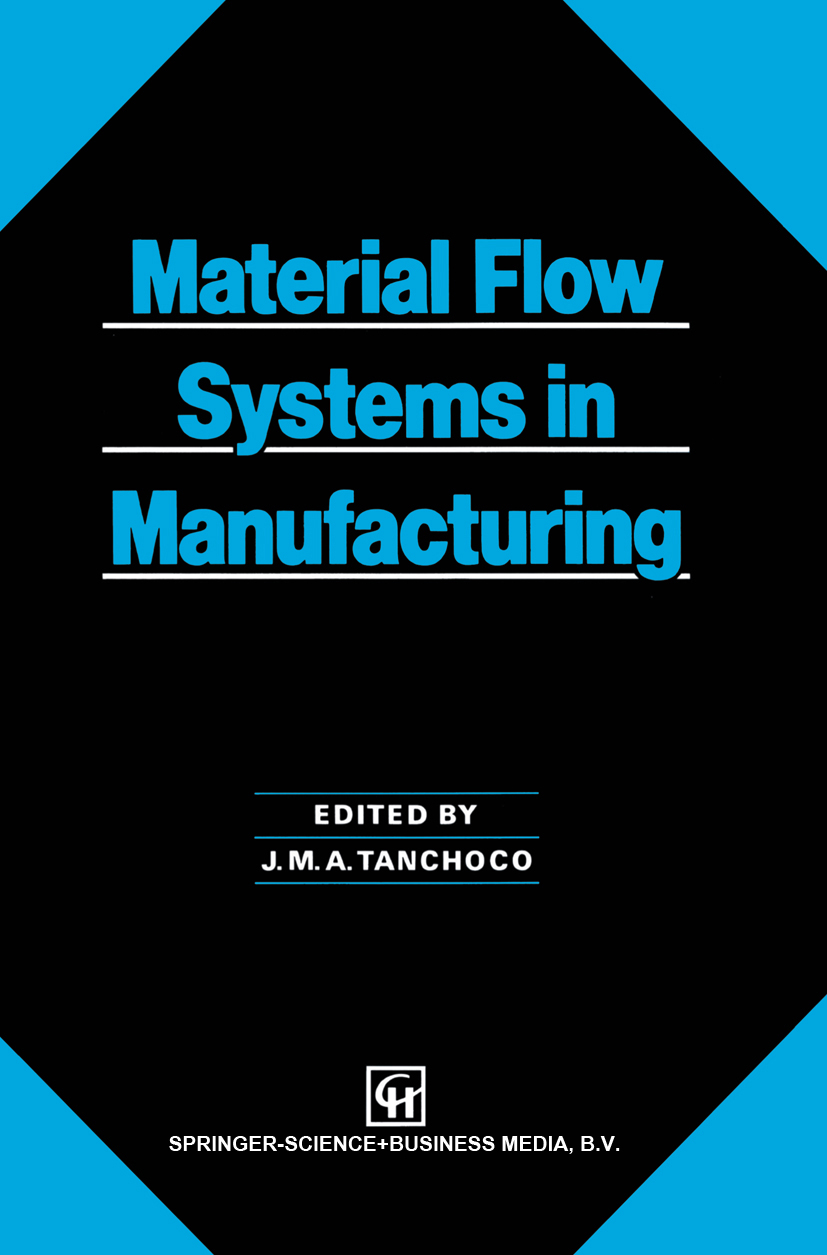
Material Flow Systems in Manufacturing This book contains a collection of contributions related to the design and control of material flow systems in manufacturing. Material flow systems in manufacturing covers a broad spectrum of topics directly affecting issues related to facilities design, material handling and production planning and control. In selecting the papers to include in this book, the scope was limited to the design and operational control aspects related to the physical move ment of parts, tools, containers and material handling devices. Recent develop ments in this area naturally led to concentration on flow systems involving cellular manufacturing, and automated transport equipment such as automated guided vehicles. However, the concepts discussed have general applicability to a wide range of manufacturing flow problems. The book is organized in five major sections: 1. design integration and justification; 2. cell design and material handling considerations; 3. alternative material flow paths; 4. operational control problems; and 5. tooling requirements and transport equipment. TECHNOLOGY & ENGINEERING,Mechanical
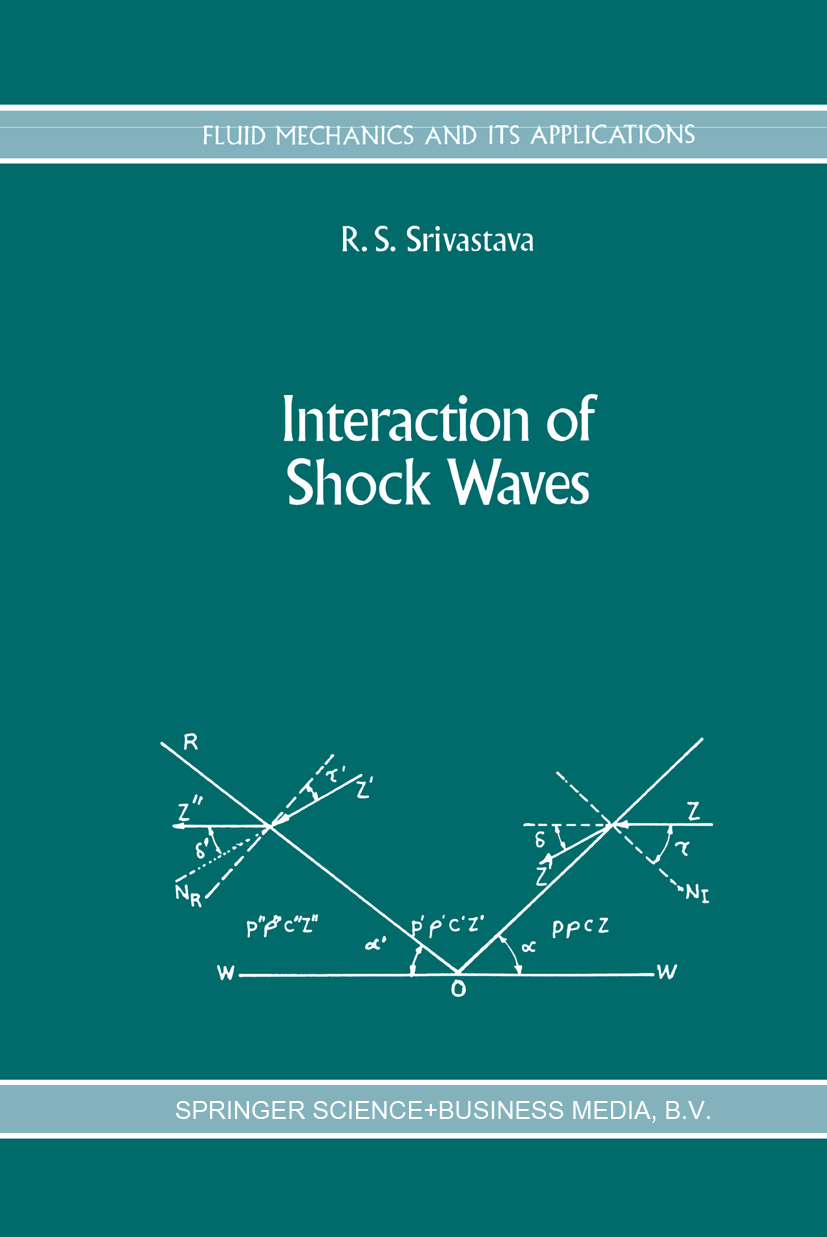
Interaction of Shock Waves One of the great twentieth-century achievements in the mechanics of fluids was the full elucidation of the physics of shock waves and the later comprehensive development of understanding of how shock waves propagate (i) through otherwise undisturbed fluid and (ii) in interaction either with solid bodies or with independently generated fluid flows. The interaction problems (ii) were soon found to raise some very special difficulties (beginning with the common formation of "Mach stems" in shock-wave reflection) yet they also turned out to possess enormous scientific interest as well as being highly important in practical applications. For all these reasons the appearance of this book on "Interaction of Shock Waves" by one of the world's major contributors to knowledge in that field is most particularly to be welcomed. It covers all those approaches to the subject which have been found fruitful, and most satisfactorily goes into comprehensive detail about each. At last the important achievements of the leading research workers, experimental as well as theoretical, on shockwave interaction problems are brought together in a single convenient and well written volume. I warmly congratulate the author and the publisher on having performed, for the benefit of everyone interested in the mechanics of fluids, this immensely valuable service. TECHNOLOGY & ENGINEERING,Mechanical

Computer-Aided Analysis of Rigid and Flexible Mechanical Systems Proceedings of the NATO Advanced Study Institute, Tróia, Portugal, June 27--July 9, 1993 TECHNOLOGY & ENGINEERING,Mechanical
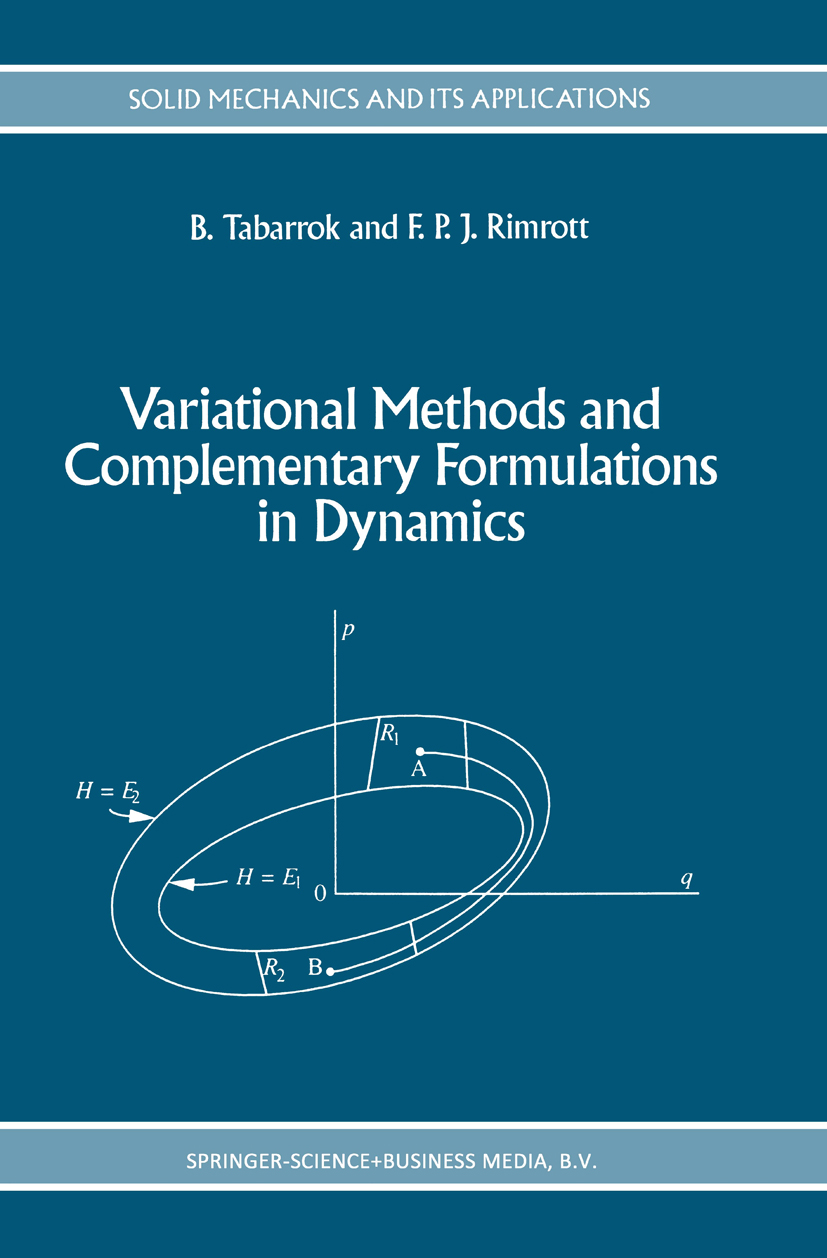
Variational Methods and Complementary Formulations in Dynamics Not many disciplines can c1aim the richness of creative ideas that make up the subject of analytical mechanics. This is not surprising since the beginnings of analyti cal mechanics mark also the beginnings of the theoretical treatment of other physical sciences, and contributors to analytical mechanics have been many, inc1uding the most brilliant mathematicians and theoreticians in the history of mankind. As the foundation for theoretical physics and the associated branches of the engineering sciences, an adequate command of analytical mechanics is an essential tool for any engineer, physicist, and mathematician active in dynamics. A fascinating dis cipline, analytical mechanics is not only indispensable for the solution of certain mechanics problems but also contributes so effectively towards a fundamental under standing of the subject of mechanics and its applications. In analytical mechanics the fundamental laws are expressed in terms of work done and energy exchanged. The extensive use of mathematics is a consequence of the fact that in analytical mechanics problems can be expressed by variational State ments, thus giving rise to the employment of variational methods. Further it can be shown that the independent variables may be either displacements or impulses, thus providing in principle the possibility of two complementary formulations, i.e. a dis placement formulation and an impulse formulation, for each problem. This duality is an important characteristic of mechanics problems and is given special emphasis in the present book. TECHNOLOGY & ENGINEERING,Mechanical
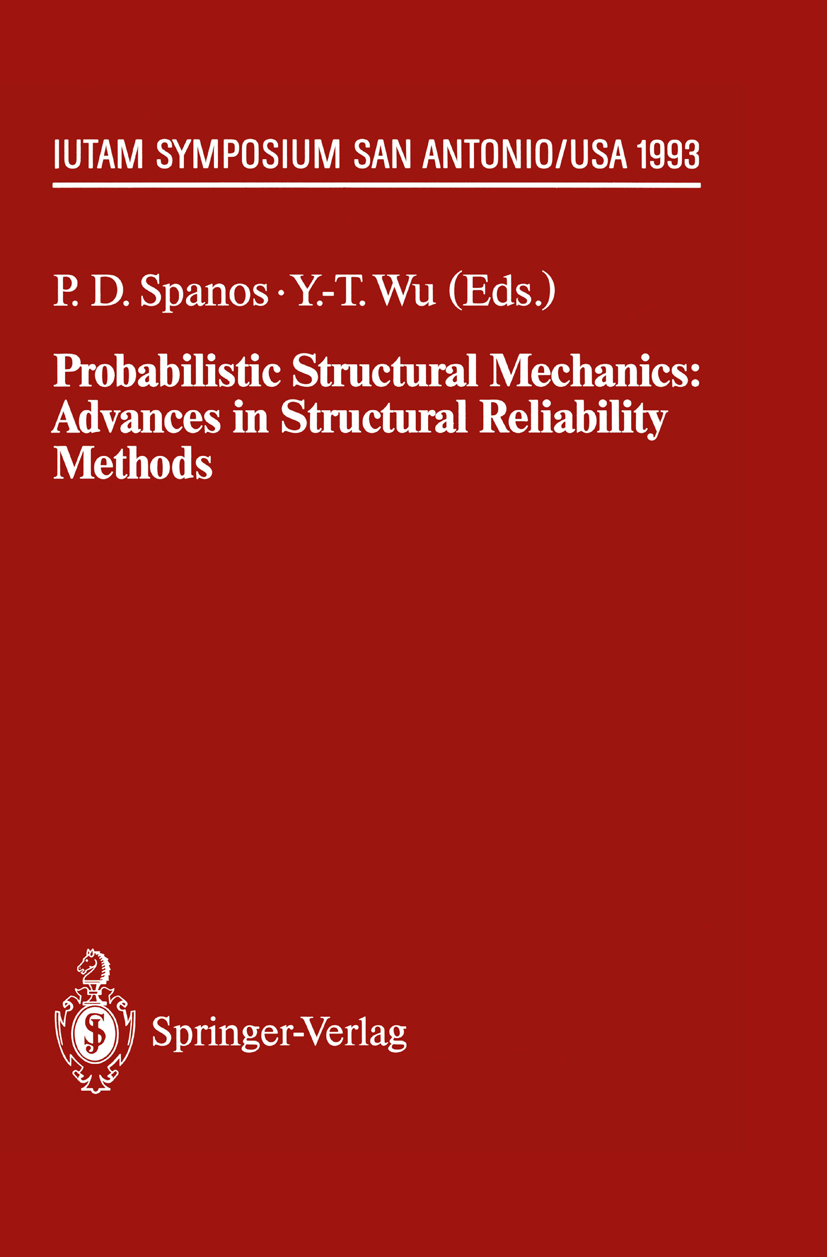
Probabilistic Structural Mechanics This symposium is the seventh of a series of IUTAM sponsored symposia which focus on probabilistic methods in mechanics. It is the sequel to the series of meetings in Coventry, UK (1972), Southhampton, UK (1976), Frankfurt/Oder, Germany (1982), Stockholm, Sweden (1984), Innsbruck/Igls, Austria (1987), and Turin, Italy (1991). The symposium focused on advances in the area of probabilistic mechanics with direct application to structural reliability issues. The contributed papers address collectively the four components of a structural reliability problem. They are: characterization of stochastic loads, description of material properties in terms of fatigue and fracture, response determination, and quantitative assessment of the reliability of the structural system. Four Keynote Lectures by V. Bolotin (Russia), o. Ditlevsen (Denmark), R. Heller (USA), and F. Ziegler (Austria) were delivered; the remaining contributed papers were organized in ten technical sessIons. A reception was hosted by Dr. Y. Wu the first day of the symposium; the second day of the symposium a banquet was hosted by Dr. P. Spanos, with Dr. N. Abramson serving as the banquet speaker. Closing remarks were provided by the IUTAM Secretary General, Dr. F. Ziegler. TECHNOLOGY & ENGINEERING,Mechanical

Nondestructive Evaluation of Materials by Infrared Thermography With national trade barriers falling, causing the expansion of the com petitive global market, the question of quality control has become an essential issue for the 1990s. The time where the promise was to replace a product if it does not work seems to have passed; what is more impor tant now is not so much a reduction in what is going wrong but an increase of what is going right the first time (Feigenbaum 1990). This new trend is sometimes referred to as total quality. Among the many advantages ofthis zero-defect manufacturing policy, we can enumerate (Laurin 1990): superior marketability of wholly de pendable products, enormous gain in productivity, elimination of waste ful cost in replacing poor quality work and retrofitting rejected products from the field. Although total quality is a relatively new and attractive concept for mass products such as cars, consumer electronics and per sonal computers, in many fields, mainly aerospace and military, it has been the rule for years because of security reasons. TECHNOLOGY & ENGINEERING,Mechanical
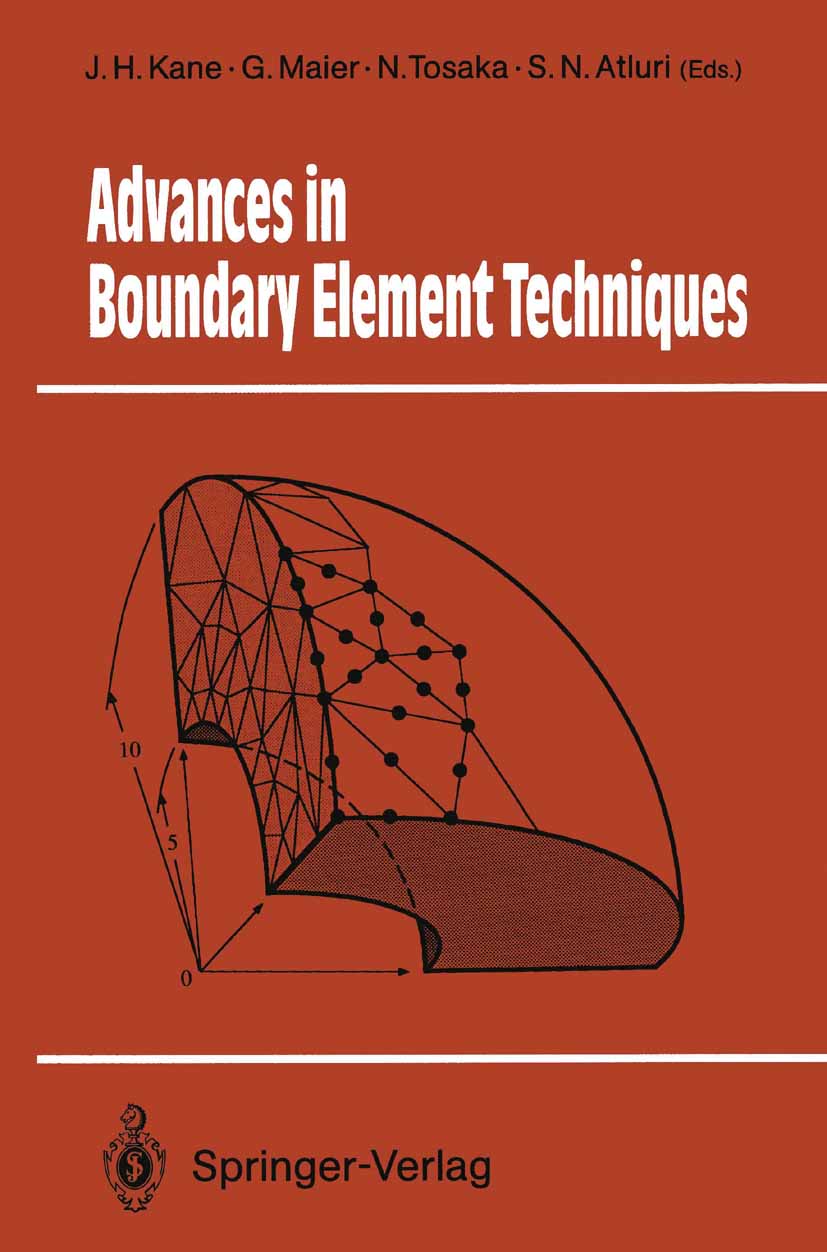
Advances in Boundary Element Techniques The editors have published a select group of full length papers on boundary element analysis (BEA) photographed from camera ready manuscripts. The articles have been prepared by some of the most distinguished and prolific individuals in this field. More than half of these articles have been submitted by authors that participated in an International Forum on Boundary Element Methods, in Melbourne Australia, in the Summer of 1991. However, this volume is not a conference proceedings, as these authors have expanded their accounts to chapter length, and/or have tailored their expositions more toward the style employed in archival journal publications. The authors that did not participate in the International Forum have also adhered to the above mentioned philosophy. This work contains a definitive representation of the significant capabilities and applications currently available or under investigation that fall under the general category of advanced boundary element analysis. With treatments of mechanical, thermal, fluid, and electromagnetic phenomena, this book should thus be of value to graduate students, practitioners, and researchers in engineering, mathematics, and the physical sciences wishing to obtain a broader perspective or remain current in these important areas of computational simulation. TECHNOLOGY & ENGINEERING,Mechanical
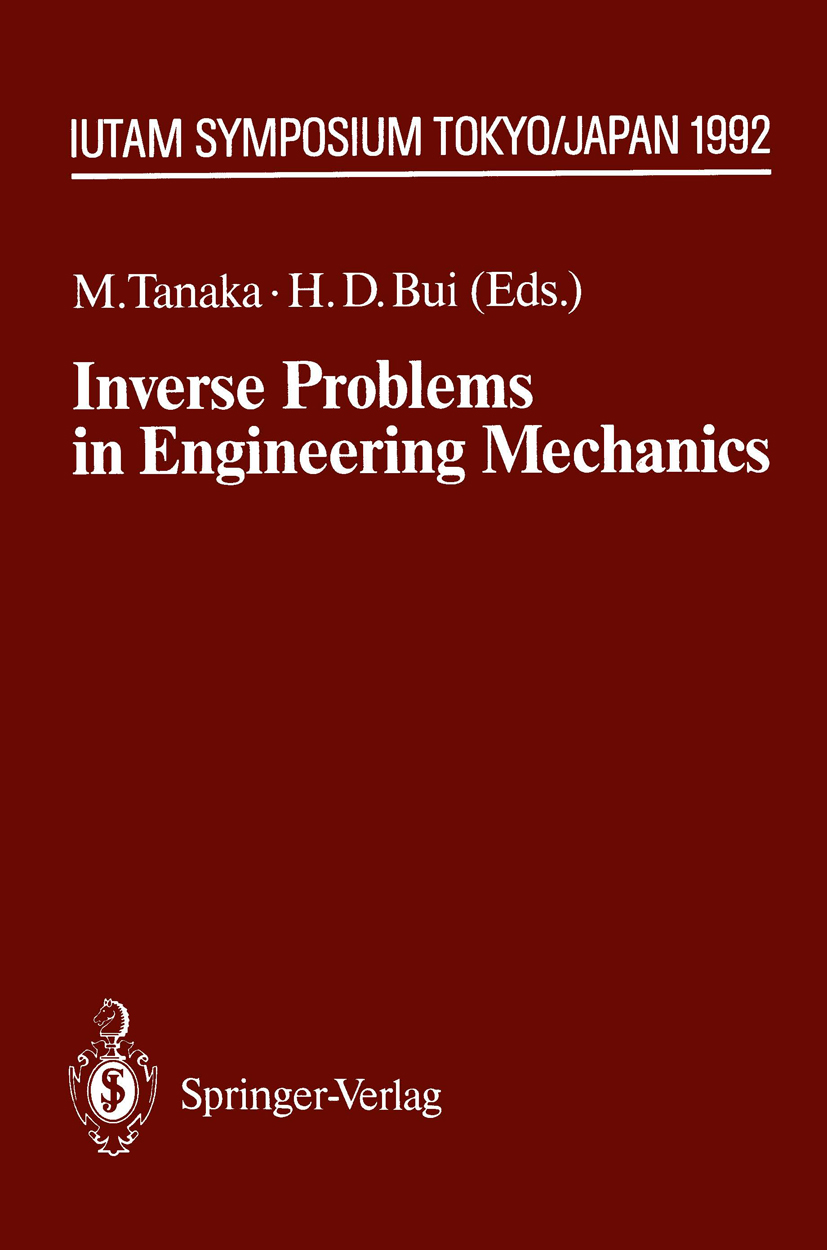
Inverse Problems in Engineering Mechanics Inverse problems occur in a wide variey of fields. Ingeneral, the inverse problem can be defined as one where oneshould estimate the cause from the result, while the directproblem is concerned with how to obtain the result from thecause. The aim of this symposium was to gather scientistsand researchers in engineering mechanics concerned withinverse problems in order to exchange research result anddevelop computational and experimentalapproaches to solveinverse problems.The contributions in this volume cover the followingsubjects: mathematical and computational aspects of inverseproblems, parameter or system identification, shapedetermination, sensitivity analysis, optimization, materialproperty characterization, ultrasonic nondestructivetesting, elastodynamic inverse problems, thermal inverseproblems, and other miscellaneous engineering applications. TECHNOLOGY & ENGINEERING,Mechanical
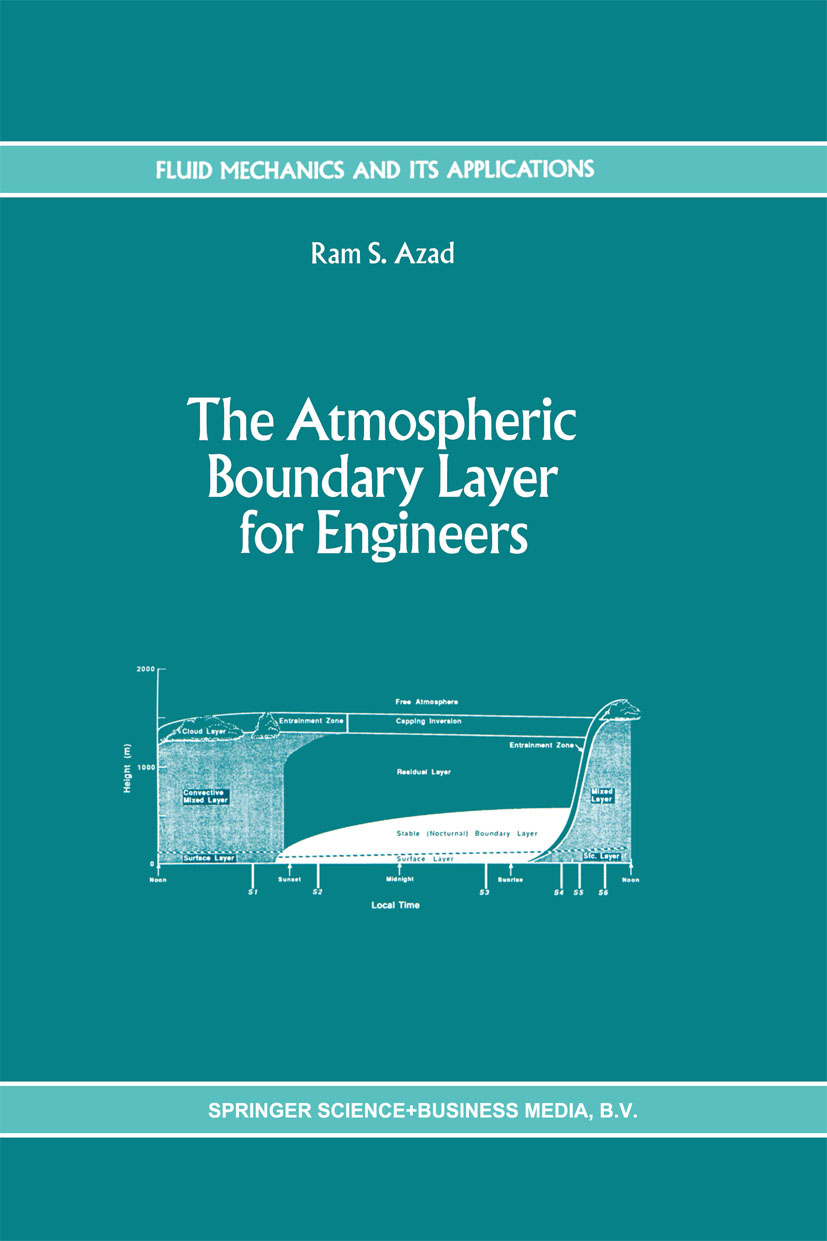
The Atmospheric Boundary Layer for Engineers While I was participating in the IUTAM Symposium on Structure of Turbulence and Drag Reduction in Zurich, Switzerland, in 1989, I was approached by Prof. Dr. Themistocles Dracos to give a course oflectures on the Atmospheric Boundary Layer during my sabbatical leave at Eidgenossische Technische Hochschule (ETH) Zurich - Hoenggerberg in 1991. His reason for the suggestion was the growing interest in the environment and its dynamics created by flow in the Atmospheric Boundary Layer. I have been teaching boundary layer to undergraduate and graduate students for more than twenty five years, so I agreed to give a series of lectures on boundary layer of the atmosphere. From the start I thought very seriously about the problem and consulted all the published works in English on the Atmospheric Boundary Layer (ABL). First consider the topography of the Earth which has oceans calm and turbulent, mountain ranges of height up to 9 km, lands of variable height with forests, food growing vegetable and deserts. The shape of the Earth is nearly spherical except at the north and south poles. Sun supplies the energy to drive circulation of air around the Earth's atmosphere which for all practical purposes occupies the region up to about 10 to 11 km. This brief scenerio of Earth's topography reveals the complexity of flow very close to the Earth's surface that is hardly flat except at the oceans' surface which consists of about 70% of the total Earth's surface. TECHNOLOGY & ENGINEERING,Mechanical
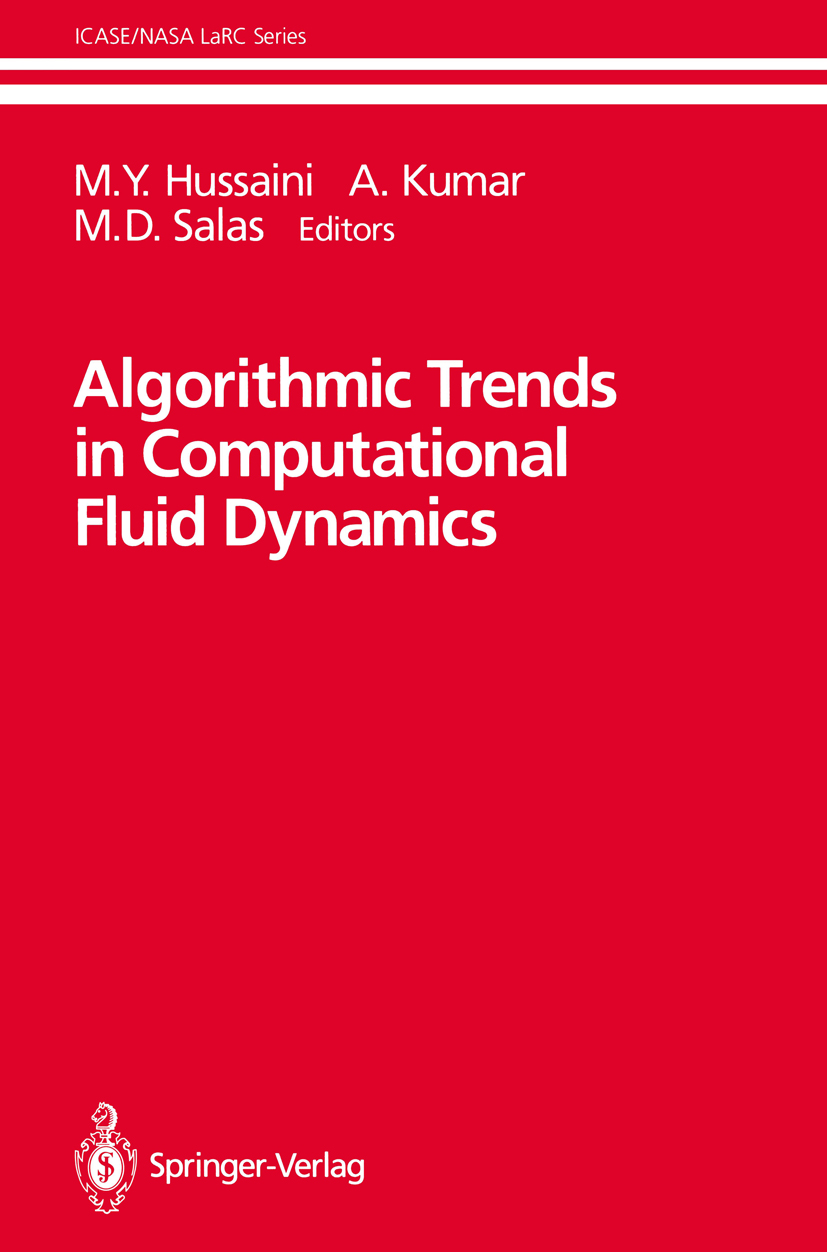
Algorithmic Trends in Computational Fluid Dynamics This volume contains the proceedings of the ICASE/LaRC Work shop on the "Algorithmic Trends for Computational Fluid Dynamics (CFD) in the 90's" conducted by the Institute for Computer Applica tions in Science and Engineering (ICASE) and the Fluid Mechanics Division of NASA Langley Research Center during September 15-17, 1991. The purpose of the workshop was to bring together numerical analysts and computational fluid dynamicists i) to assess the state of the art in the areas of numerical analysis particularly relevant to CFD, ii) to identify promising new developments in various areas of numerical analysis that will have impact on CFD, and iii) to establish a long-term perspective focusing on opportunities and needs. This volume consists of five chapters - i) Overviews, ii) Accelera tion Techniques, iii) Spectral and Higher-Order Methods, iv) Multi Resolution/ Subcell Resolution Schemes (including adaptive meth ods), and v) Inherently Multidimensional Schemes. Each chapter covers a session of the Workshop. The chapter on overviews contains the articles by J. L. Steger, H.-O. Kreiss, R. W. MacCormack, O. TECHNOLOGY & ENGINEERING,Mechanical

Vibration of Buildings to Wind and Earthquake Loads Recent advances in the development of high strength materials, coupled with more advanced computational methods and design procedures, have led to a new generation of tall and slender buildings. These structures are very sensitive to the most common dynamic loads; wind and earthquakes. The primary requirement for a successful design is to provide safety while taking into account serviceability requirements. This book provides a well-balanced and broad coverage of the information needed for the design of structural systems for wind- and earthquake-resistant buildings. It covers topics such as the basic concepts in structural dynamics and structural systems, the assessment of wind and earthquake loads acting on the system, the evaluation of the system response to such dynamic loads and the design for extreme loading. The text is generously illustrated and supported by numerical examples and will be of great interest to practising engineers and researchers in structural, civil and design engineering and also to architects. The author has drawn on his experience as a teacher, researcher and consultant. TECHNOLOGY & ENGINEERING,Mechanical

Propagation of Sound in Porous Media This book has grown out of the research activities of the author in the fields of sound propagation in porous media and modelling of acoustic materials. It is assumed that the reader has a background of advanced calculus, including an introduction to differential equations, complex variables and matrix algebra. A prior exposure to theory of elasticity would be advantageous. Chapters 1-3 deal with sound propagation of plane waves in solids and fluids, and the topics of acoustic impedance and reflection coefficient are given a large emphasis. The topic of flow resistivity is presented in Chapter 2. Chapter 4 deals with sound propagation in porous materials having cylindrical pores. The topics of effective density, and of tortuosity, are presented. The thermal exchanges between the frame and the fluid, and the behaviour of the bulk modulus of the fluid, are described in this simple context. Chapter 5 is concerned with sound propagation in other porous materials, and the recent notions of characteristic dimensions, which describe thermal exchanges and the viscous forces at high frequencies, are introduced. In Chapter 6, the case of porous media having an elastic frame is considered in the context of Biot theory, where new topics described in Chapter 5 have been included. TECHNOLOGY & ENGINEERING,Mechanical
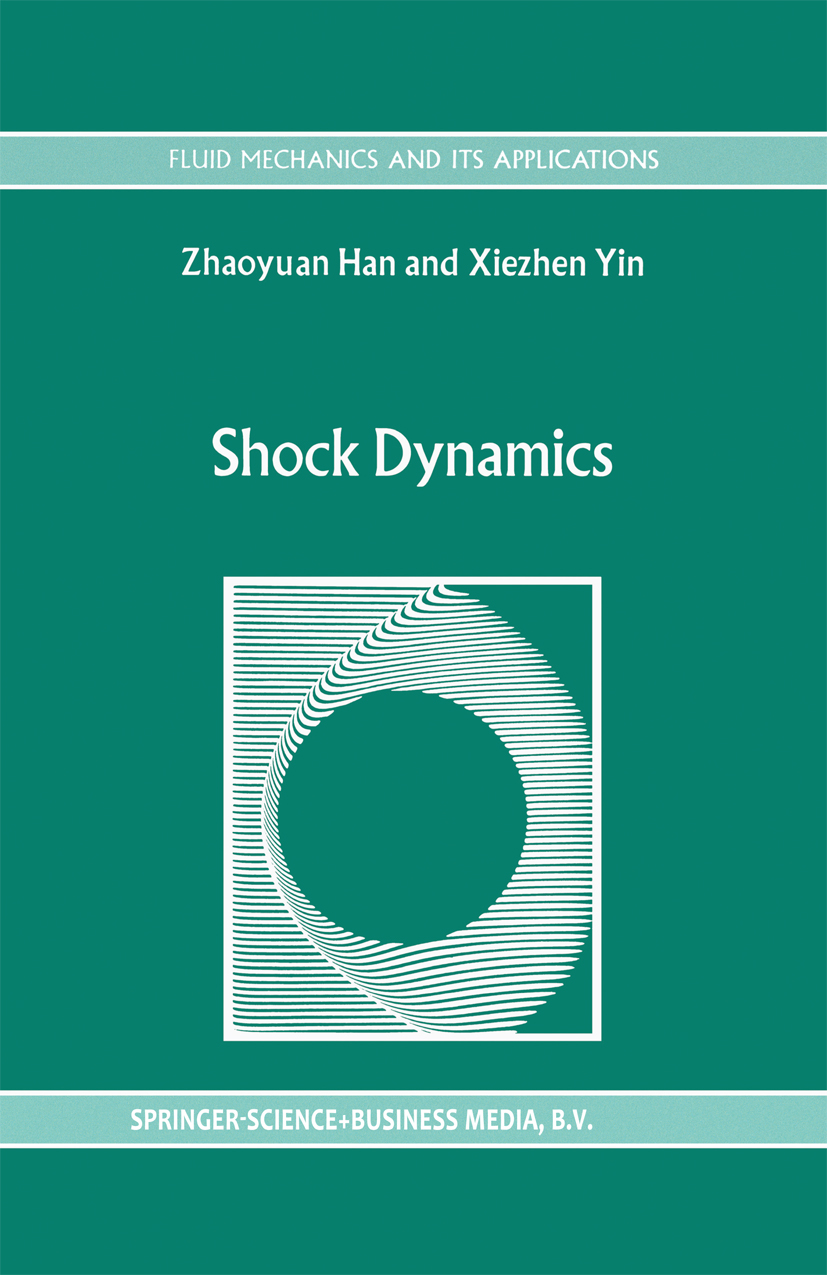
Shock Dynamics This book was written as a graduate student course--Shock Dynamics. Up to now, the first author has taught this course to the graduate students in the field of Fluid Mechanics, Department of Modern Mechanics, University of Science and Technology of China for seven times. In the spring semester 1989, during his visit to the United States, the first author taught this course to the graduate students of Department of Mathemat ics, University of Colorado at Denver. At the same time, he gave a series of four lectures on Shock Dynamics to the graduate students of Department of Aerospace Engineering Sciences, University of Colorado at Boulder. In 1991, during the first author's visit to Japan, he gave some lectures on Shock Dynamics in Tohoku University, University of Tokyo and Kyushu Uni versity. The dynamic phenomena of shock waves such as propagation, diffraction, reflection, refraction and interaction of shock waves may be studied by using experimental methods, numerical calculations and theoretical analyses. Although the detailed flow patterns of phenomena of shock motion can be obtained by using experimental methods and numerical calculations of solving Euler Equation or Navier-Stokes Equation, for example, the diffractions of shock waves by wedges form various phenomena of reflection--RR, SMR, CMR and DMR, we also need to analyse the process of the formation of shock waves in various phenomena of diffraction, reflection and interaction by using theoretical methods. TECHNOLOGY & ENGINEERING,Mechanical
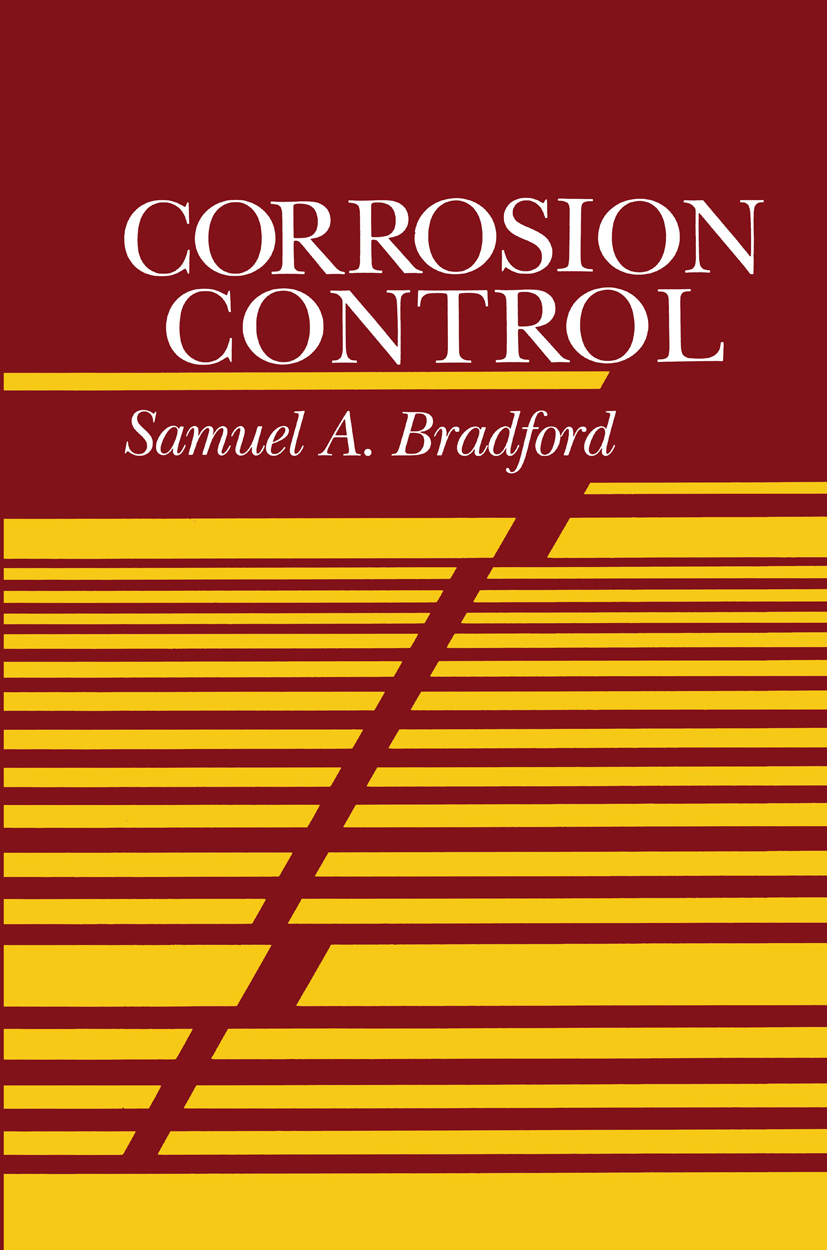
Corrosion Control Human beings undoubtedly became aware of corrosion just after they made their first metals. These people probably began to control corrosion very so on after that by trying to keep metal away from corrosive environments. "Bring your tools in out of the rain" and "Clean the blood off your sword right after battle" would have been early maxims. Now that the mechanisms of corrosion are better understood, more techniques have been developed to control it. My corrosion experience extends over 10 years in industry and research and over 20 years teaching corrosion courses to university engineering students and industrial consulting. During that time I have developed an approach to corrosion that has successfully trained over 1500 engineers. This book treats corrosion and high-temperature oxidation separately. Corrosion is divided into three groups: (1) chemical dissolution including uniform attack, (2) electrochemical corrosion from either metallurgicalor environmental cells, and (3) corrosive-mechanical interactions. It seems more logical to group corrosion according to mechanisms than to arbitrarily separate them into 8 or 20 different types of corrosion as if they were unrelated. University students and industry personnel alike generally are afraid of chemistry and consequently approach corrosion theory very hesitantly. In this text the electrochemical reactions responsible for corrosion are summed up in only five simple half-cell reactions. When these are combined on a polarization diagram, which is explained in detail, the electrochemical pro cesses become obvious. TECHNOLOGY & ENGINEERING,Mechanical
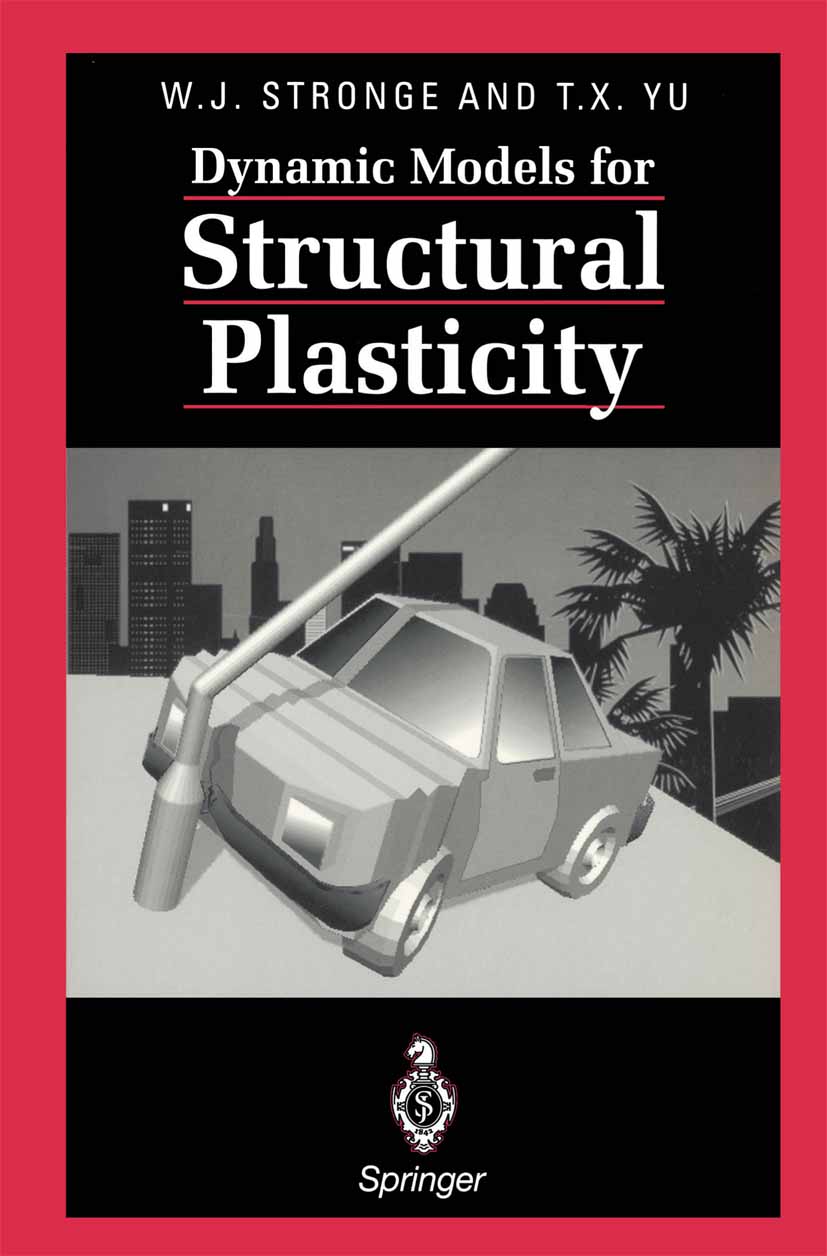
Dynamic Models for Structural Plasticity Our topic is irreversible or plastic deformation of structural elements composed of relatively thin ductile materials. These deformations are commonly used in sheet metal forming operations to produce lightweight parts of any particular shape. In another context, this type of plastic deformation is described as impact damage in the case of structural components involved in collision. Here we are concerned with mechanics of both static and dynamic deformation processes. The purpose is to use typical material properties and structural characteristics to calculate the deformation for certain types of load; in particular to find the final deflection and shape of the deformed structure and to illustrate how the development of this final shape depends on the constitutive model used to represent the material behavior. The major issue to be addressed is which structural and constitutive properties are important for calculating response to either static or brief but intense dynamic loads. Furthermore, how do the results of various constitutive models compare with observed behavior. TECHNOLOGY & ENGINEERING,Mechanical
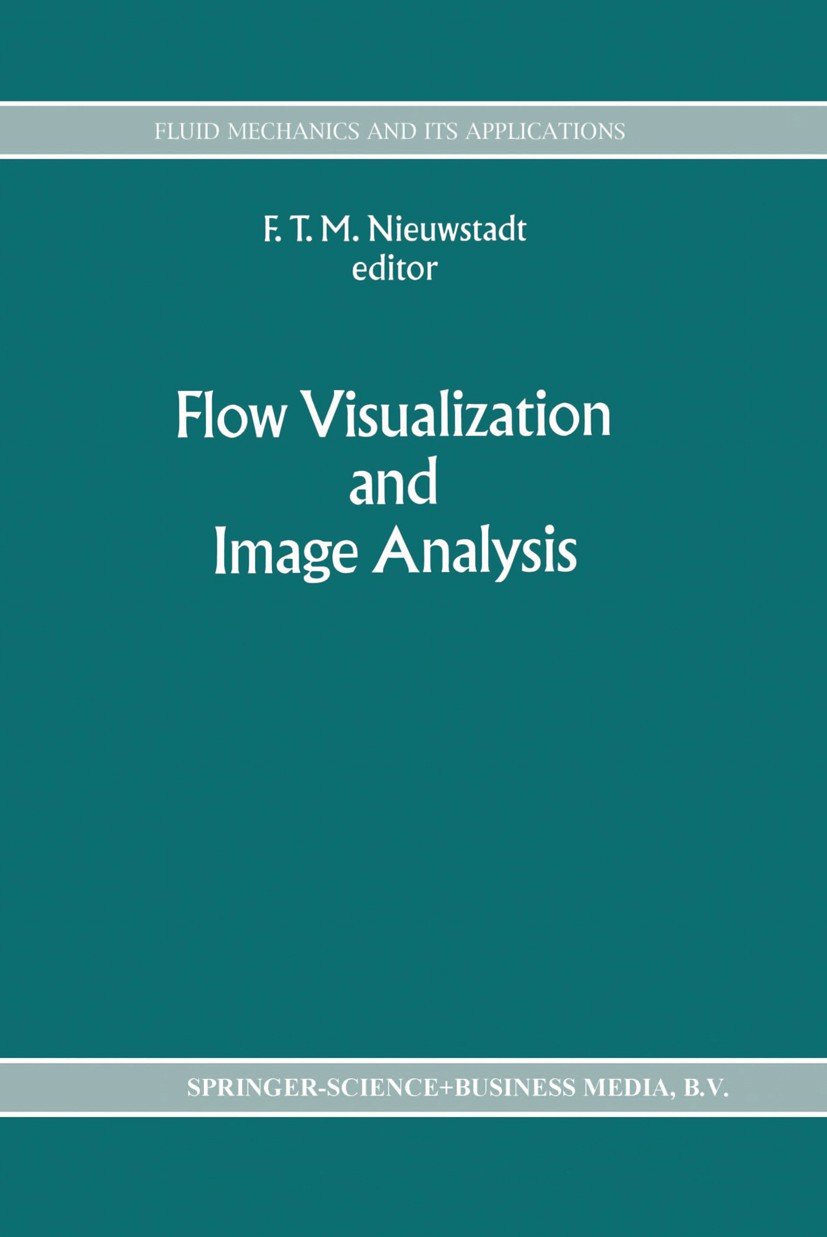
Flow Visualization and Image Analysis Progress in fluid mechanics depends heavily on the availability of good experimental data which can inspire new ideas and concepts but which are also necessary to check and validate theories and numerical calculations. With the advent of new recording and image analysis techniques new and promising experimental methods in fluid flows have presented themselves which are rather newly developed techniques such as particle tracking velocimetry (PTV), particle image velocimetry (PIV) and laser fluorescene (LIF). This volume presents state-of-the-art research on these techniques and their application to fluid flow. Selected papers from the EUROMECH conference on Image Analysis are published in this volume. TECHNOLOGY & ENGINEERING,Mechanical
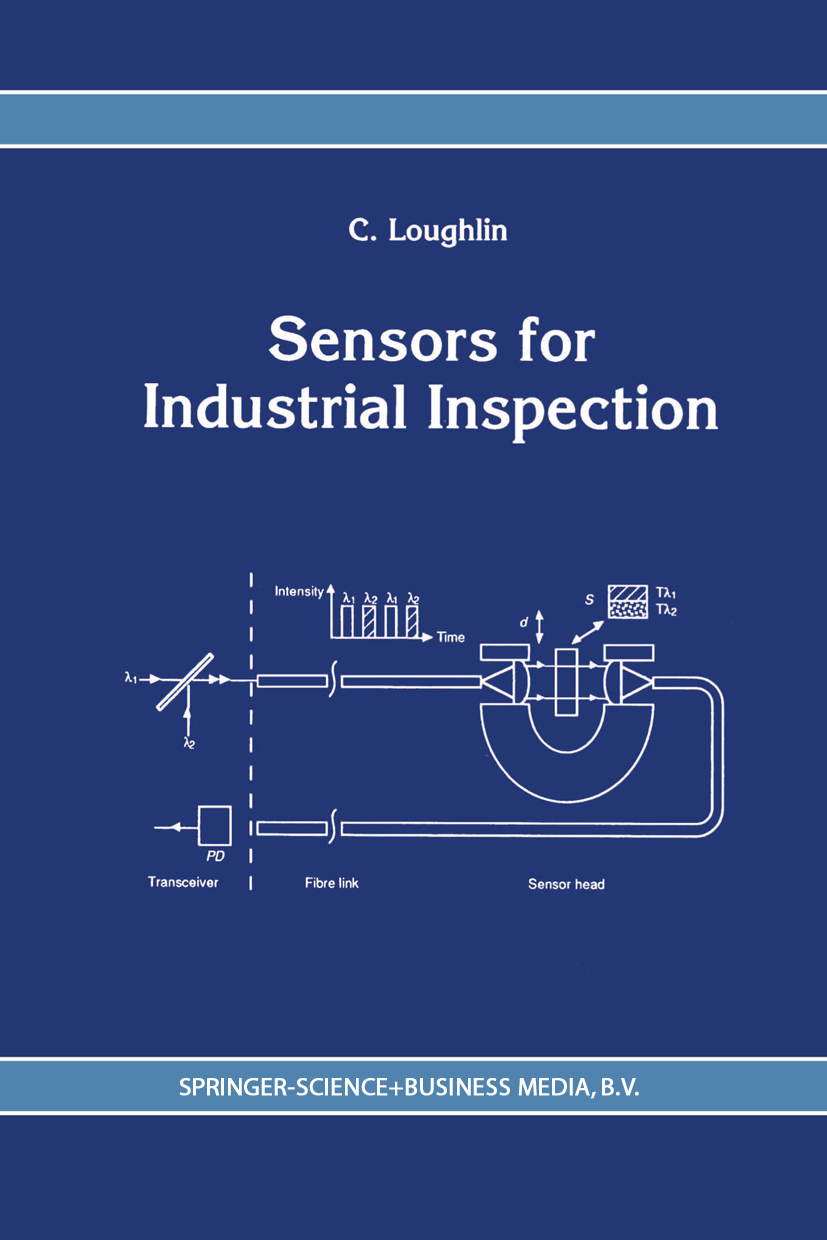
Sensors for Industrial Inspection Numerous areas of expertise are often required for the inspection of an individual product, with many different sensors being used within a single inspection machine. For this reason it is necessary for the production engineer to have at least a working knowledge of all the different technologies that may be employed. This book covers the majority of sensors that can be applied on the shop floor and has been designed to assist engineers with little or no previous experience in the various fields. The information that the book contains is of a highly practical nature and is based on the author's considerable first-hand experience of varied industrial applications. TECHNOLOGY & ENGINEERING,Mechanical
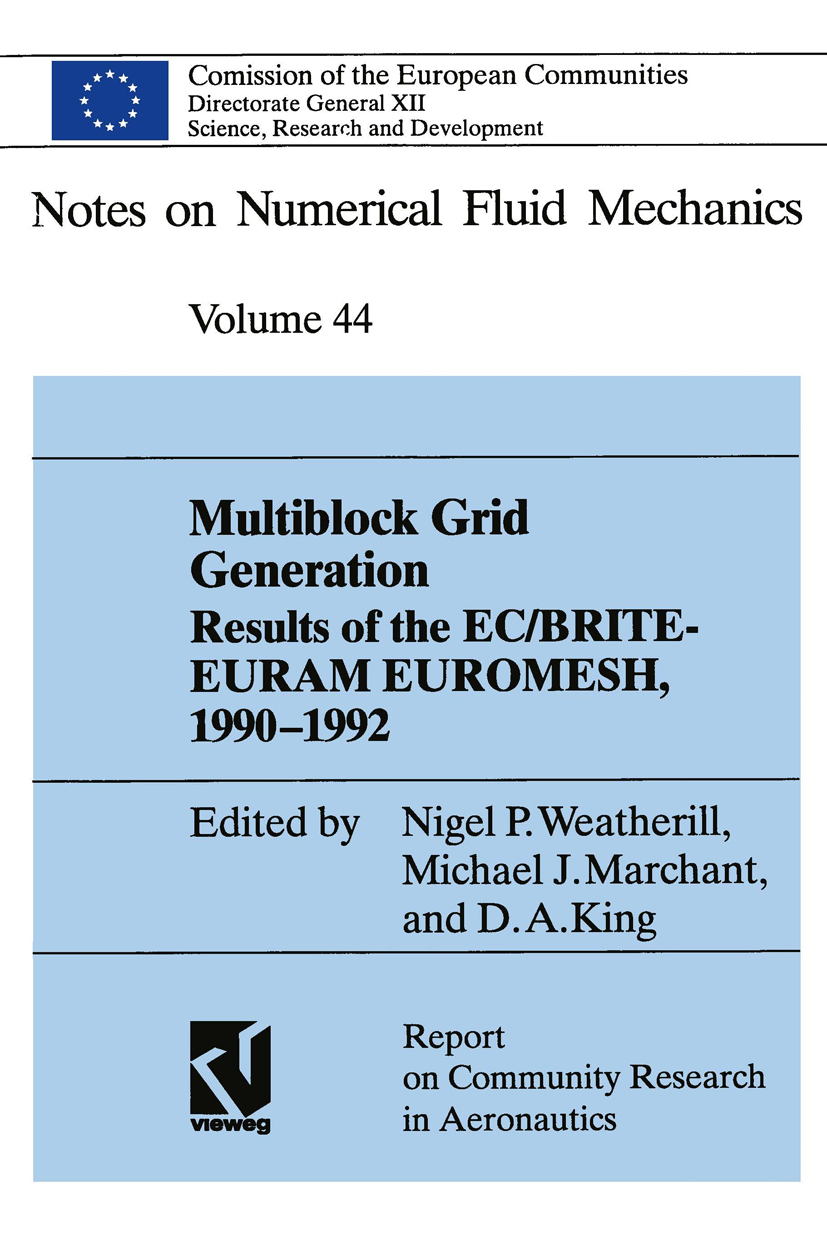
Multiblock Grid Generation Computational Fluid Dynamics research, especially for aeronautics, continues to be a rewarding and industrially relevant field of applied science in which to work. An enthusiastic international community of expert CFD workers continue to push forward the frontiers of knowledge in increasing number. Applications of CFD technology in many other sectors of industry are being successfully tackled. The aerospace industry has made significant investments and enjoys considerable benefits from the application of CFD to its products for the last two decades. This era began with the pioneering work ofMurman and others that took us into the transonic (potential flow) regime for the first time in the early 1970's. We have also seen momentous developments of the digital computer in this period into vector and parallel supercomputing. Very significant advances in all aspects of the methodology have been made to the point where we are on the threshold of calculating solutions for the Reynolds-averaged Navier-Stokes equations for complete aircraft configurations. However, significant problems and challenges remain in the areas of physical modelling, numerics and computing technology. The long term industrial requirements are captured in the U. S. Governments 'Grand Challenge' for 'Aerospace Vehicle Design' for the 1990's: 'Massively parallel computing systems and advanced parallel software technology and algorithms will enable the development and validation of multidisciplinary, coupled methods. These methods will allow the numerical simulation and design optimisation of complete aerospace vehicle systems throughout the flight envelope'. TECHNOLOGY & ENGINEERING,Mechanical
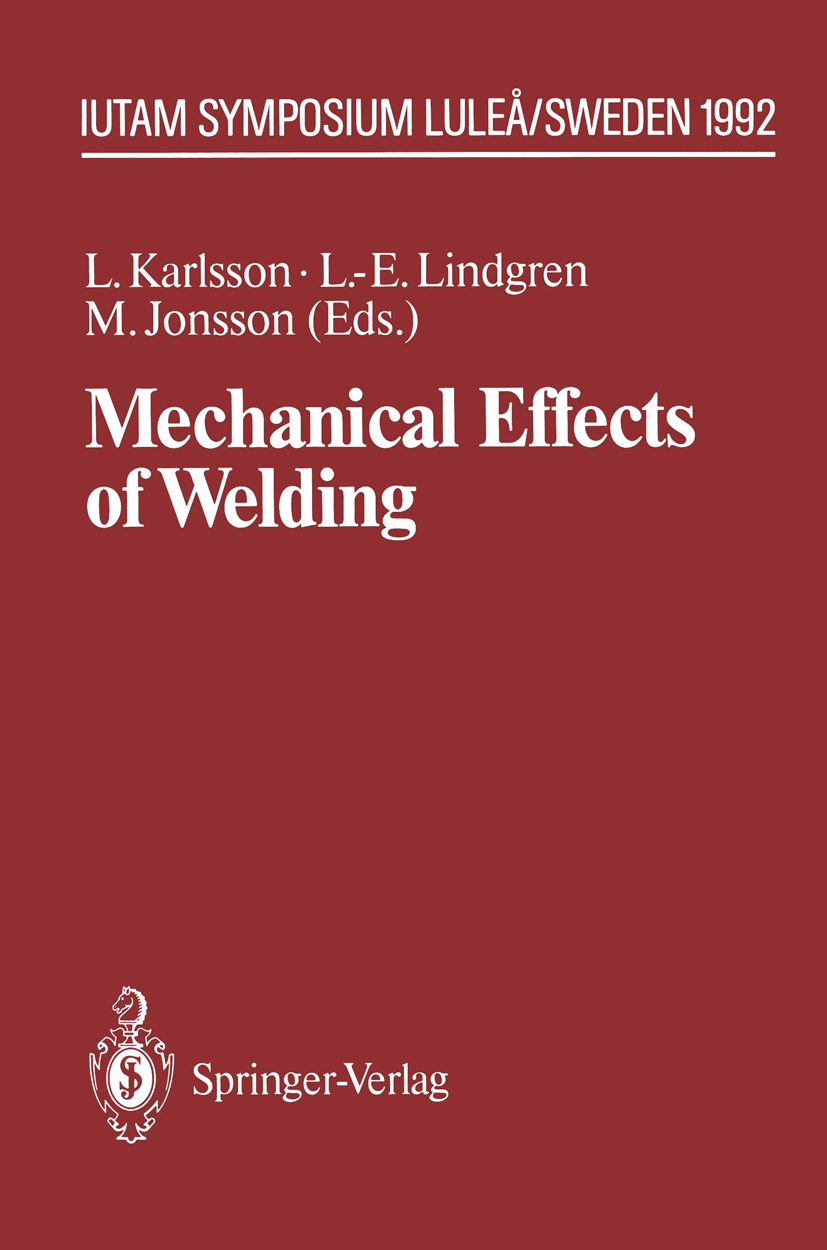
Mechanical Effects of Welding The International Union of Theoretical and Applied Mechanics (IUTAM) initiated and sponsored an International Symposium on The Mechanical Effects of Welding. was held in Lulea, Sweden, 10-14 June 1991. The intention of the The Symposium Symposium was to gather active scientists in order to assess the current state of the art and future directions. The field of welding is an area which includes a large number of scientific disciplines, such as materials science, solid mechanics, thermal science, and also mechanical engineering design and production engineering. The intention of the Symposium was to cover the direct mechanical effects of welding and their influence on the in-service behaviour of welded structures. The Mechanical Effects of Welding is a very appropriate theme for an IUTAM Symposium. Progress in this field requires close interaction between researchers in several disciplines. This is reflected in the topics covered. The topics of the different sessions were: o Calculations of Temperatures, Strains and Stresses o Residual Stresses and Residual Deformations o Measurements of Residual Strains and Stresses o Effects of Defects and Residual Stresses on Fracture and Fatigue o Effects of Residual Stresses on Creep Deformation o Effects of Residual Deformations and Residual Stresses on Buckling There were 50 participants from 12 countries at the Symposium. The 28 papers presented at the Symposium are collected in this volume. A Scientific Committee, appointed by the Bureau of IUTAM, selected the participants to be invited and the papers to be presented. TECHNOLOGY & ENGINEERING,Mechanical
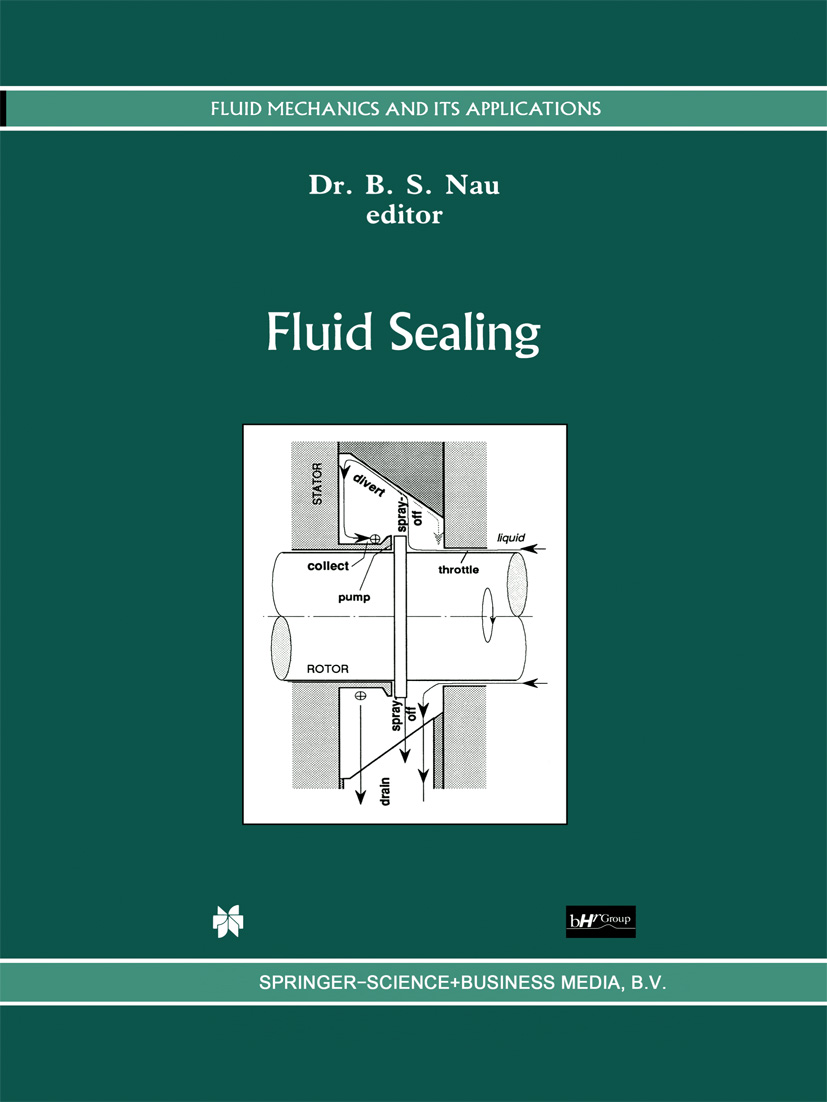
Fluid Sealing With this 13th in the series of International Conferences on Fluid Sealing these meetings move into their third decade. To be precise it is now thirty-one years since BHRA, as it then was, convened, with no little trepidation, the first of these Conferences in Ashford, England. The massive set of proceedings now occupies a considerable length of shelf in my bookcase and represents a tremendous technological resource - over 400 separate papers. It is interesting that I seem to refer most often to the earlier volumes, probably most of all to the very first. Perhaps this is because this volume marks the beginning of "historic times", AD 0, for fluid sealing technology. There were of course important publications in this field even before 1961. A notable example is the seminal work of my predecessor at BHRA, Dr D. F. Denny, whose researches on reciprocating fluid power seals, "The sealing mechanism of flexible packings", was published in 1947 by a long since defunct government department, the Ministry of Supply. Another notable source is the Proceedings of the Institution of Mechanical Engineers' 1957 Conference on Lubrication and Wear. However, there is more to fluid st". aling technology than just tribology, as we must now call lubrication and wear, interest in static seals has really come to the fore in recent years - witness the large batch of papers dealing with this subject in the present Conference. TECHNOLOGY & ENGINEERING,Mechanical
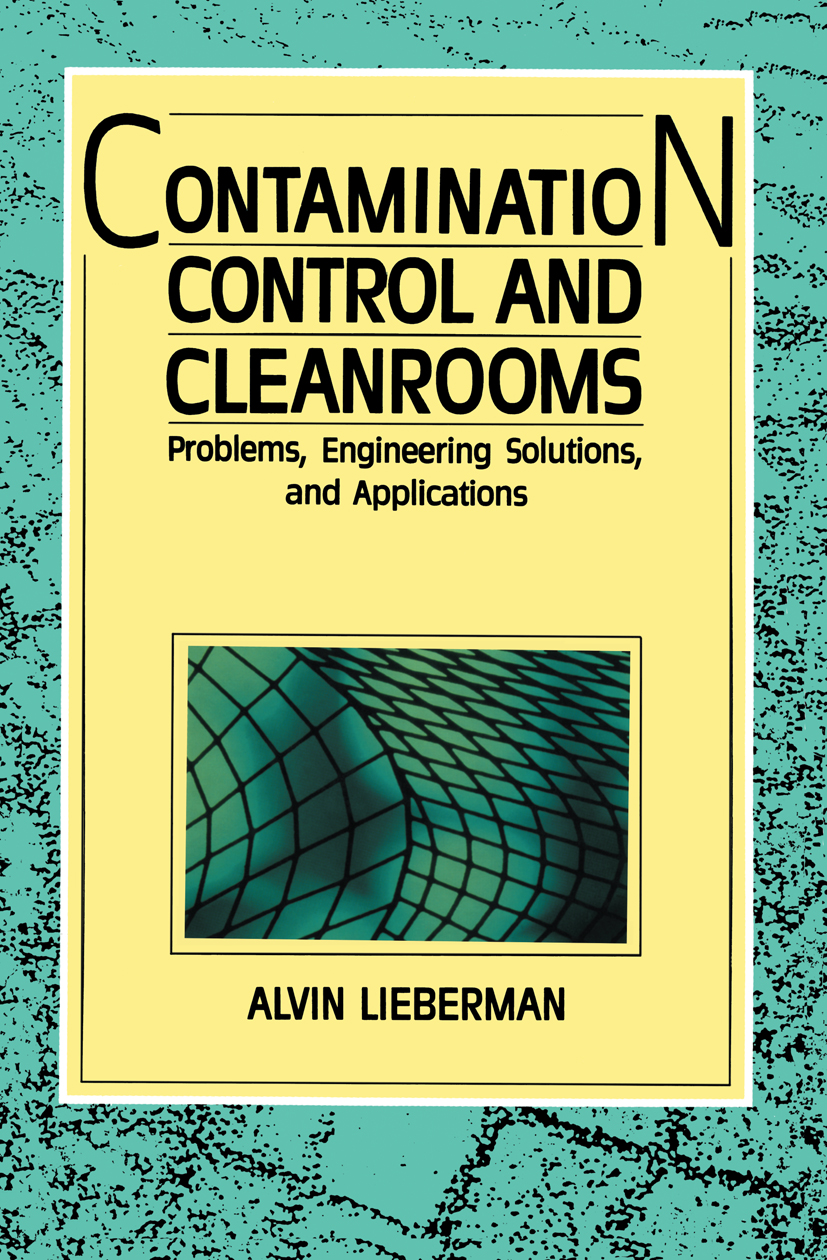
Contamination Control and Cleanrooms Contamination control standards and techniques for all phases of the production of high-technology products are spelled out in this applications-orientated guide. Practical cleaning methods for products and process fluids are accompanied by tips on selecting operations based on economy and efficiency. Explanations of contaminant measurement devices cover operation, error sources and remedial methods. Engineers will find vital data on contaminant sources, as well as coverage of operations and procedures that aggravate contaminant effects. TECHNOLOGY & ENGINEERING,Mechanical

Local Mechanics Concepts for Composite Material Systems The application of composite materials to engineering components has spurred a ma jor effort to analyze such materials and the structures made from them. Most researchers workin~ in mechanics of composite structures understand that composite materials pro vide umque advantages but also present complex and challenging problems to researchers. The complex inelastic behavior and variety of failure modes of composite structures are a result of the strength and stiffness properties of constituents and their complex interac tions. Macromechanical constitutive models based on gross composite properties cannot realistically represent local interactions, and thus have serious limitations. The composite materials that are of most interest to engineering applications are often "brittle" in their behavior, in the sense that the strength and life of the material systems is controlled or greatly influenced by events or processes which involve volumes of material whose dimen sions are small compared to the global dimensions of the element. This is also true in ductile systems where local nonlinearity may contribute to local behavior which controls global response. TECHNOLOGY & ENGINEERING,Mechanical
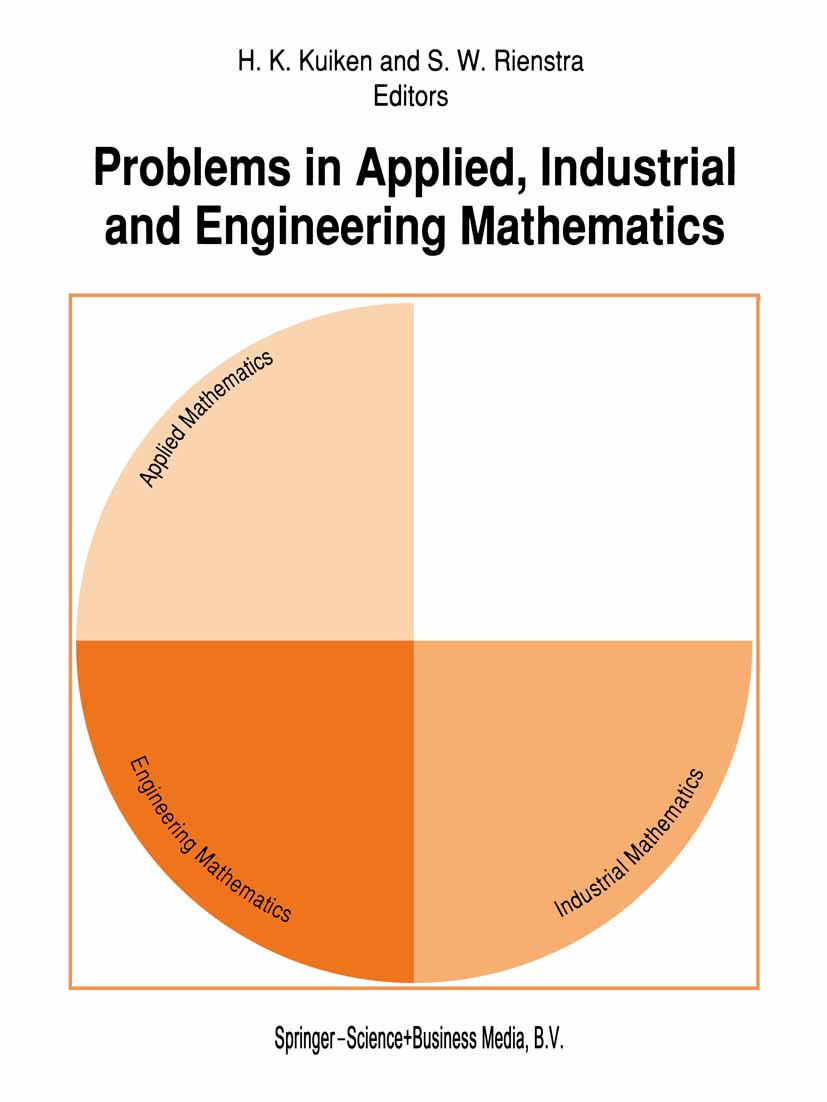
Problems in Applied, Industrial and Engineering Mathematics This book contains contributions by sixteen editors of a single journal specialised in real-world applications of mathematics, particularly in engineering. These papers serve to indicate that applying mathematics can be a very exciting and intellectually rewarding activity. Among the applied fields we note Thermal and Marangoni convection. High-pressure gas-discharge lamps, Potential flow in a channel, Thin airfoil problems, Cooling of a fibre, Moving-contact-line problems, Spot disturbance in boundary layers, Fibre-reinforced composites, Numerics of nonuniform grids, Stewartson layers on a rotating disk, Causality and the radiation condition, Nonlinear elastic membranes, Acoustics in bubbly liquids, Oscillation of a floating body in a viscous fluid, Electromagnetics of superconducting composites. Applied mathematicians, theoretical physicists and engineers will find a lot in this book that will be of interest to them. TECHNOLOGY & ENGINEERING,Mechanical
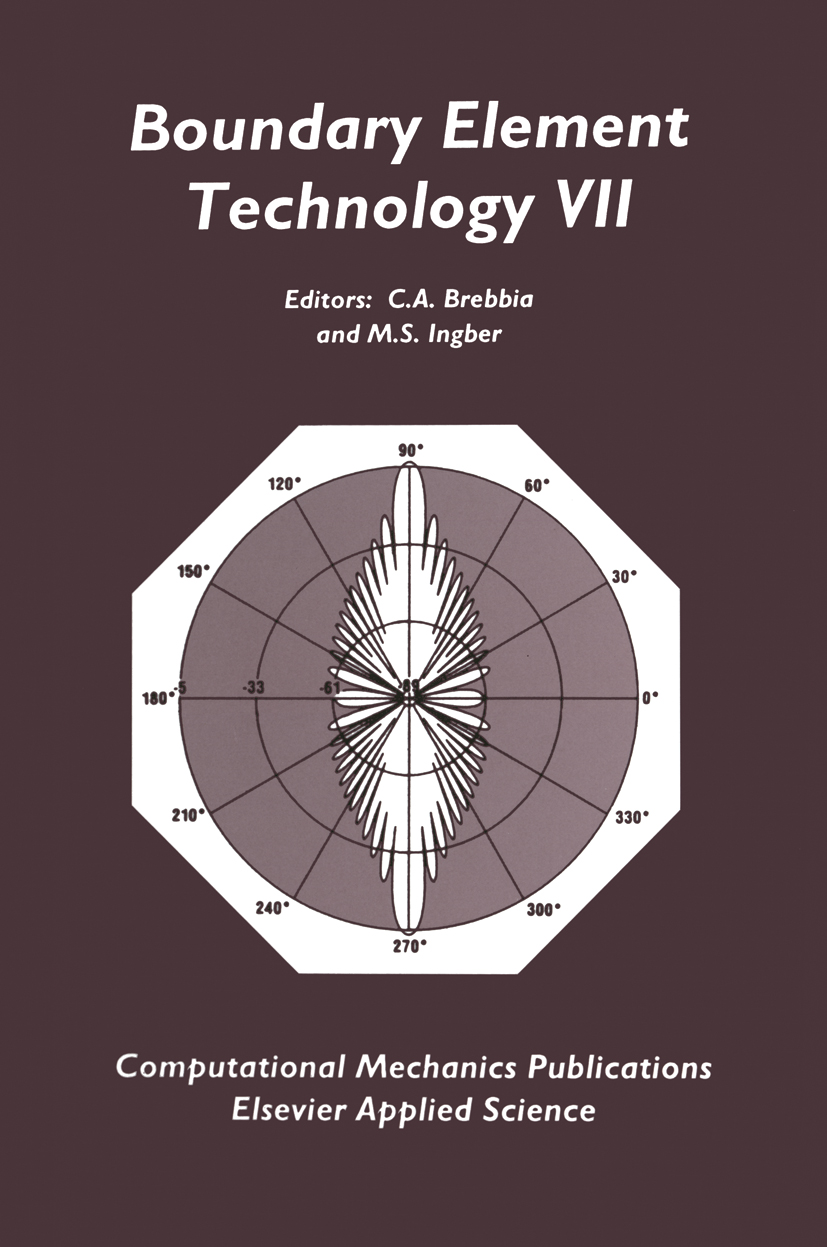
Boundary Element Technology VII Seventh International Conference on Boundary Element Technology 'Betech 92', held at the University of New Mexico in Albuquerque, June 1992 TECHNOLOGY & ENGINEERING,Mechanical
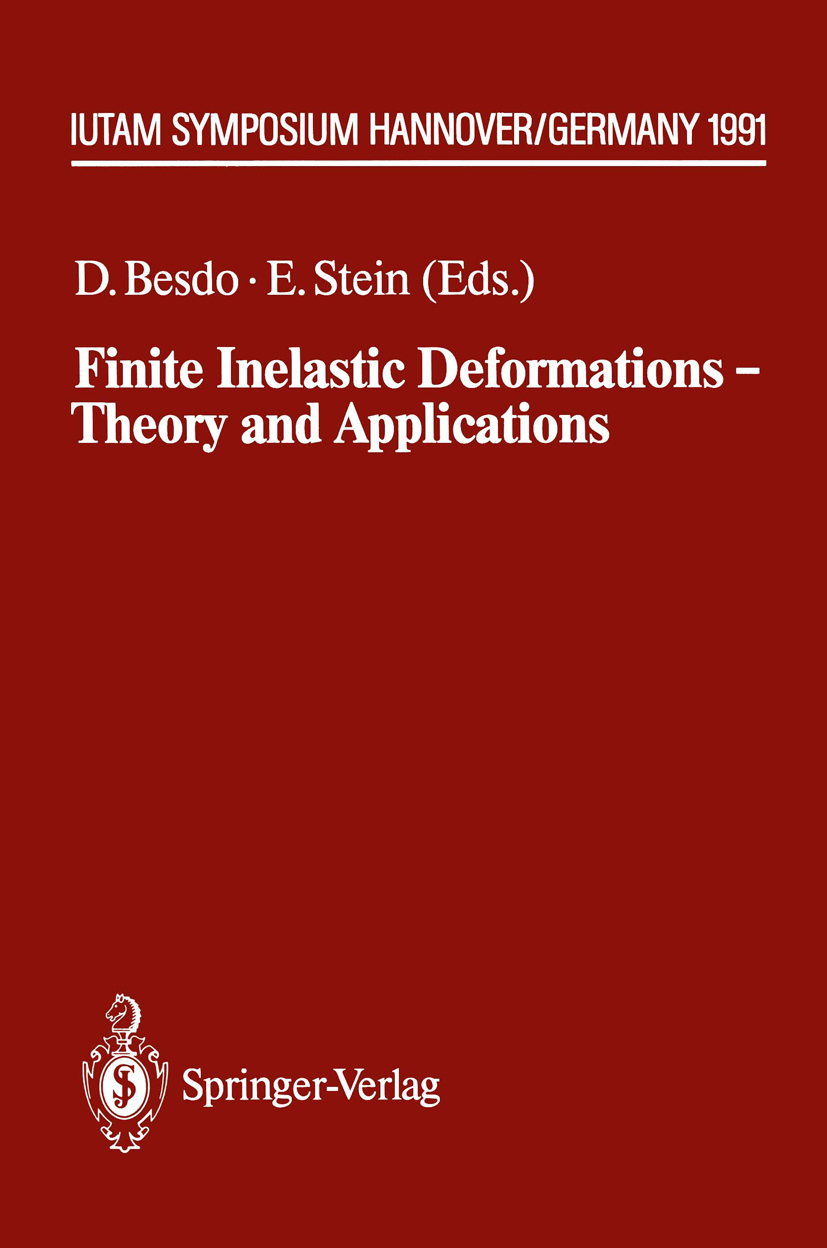
Finite Inelastic Deformations — Theory and Applications The IUTAM-Symposium on "Finite Inelastic Deformations - Theory and Applications" took place from August 19 to 23, 1991, at the University of Hannover, Germany, with 75 participants from 14 countries. Scope of the symposium was a fundamental treatment of new developments in plasticity and visco-plasticity at finite strains. This covered the phenomenological material theory based on continuum mechanics as well as the treatment of microstructural phenomena detected by precise experimental datas. In a restricted number, lectures on new experi mental facilities for measuring finite strains were also implemented into the symposium. Another important topic of the symposium was the treatment of reliable and effective computational methods for solving engineering problems with finite inelastic strains. Wi thin this context it was an essential feature that theory, numerical and computational analysis were be seen in an integrated way. In total 9 sessions with 37 lectures, many of them given by well known keynote-lecturers, and a poster session with 10 contributions met fully our expectations of a high ranking up-to-date forum for the interaction of four topics, namely the physical and mathematical modelling of finite strain inelastic deformations including localizations and damage as well as the achievements in the numerical analysis and implementation and the solution of complicated engineering systems. Special and important features were reliable material datas from macroscopic and microscopic tests as well as test results of complex engineering problems, like deep drawing and extrusion. TECHNOLOGY & ENGINEERING,Mechanical
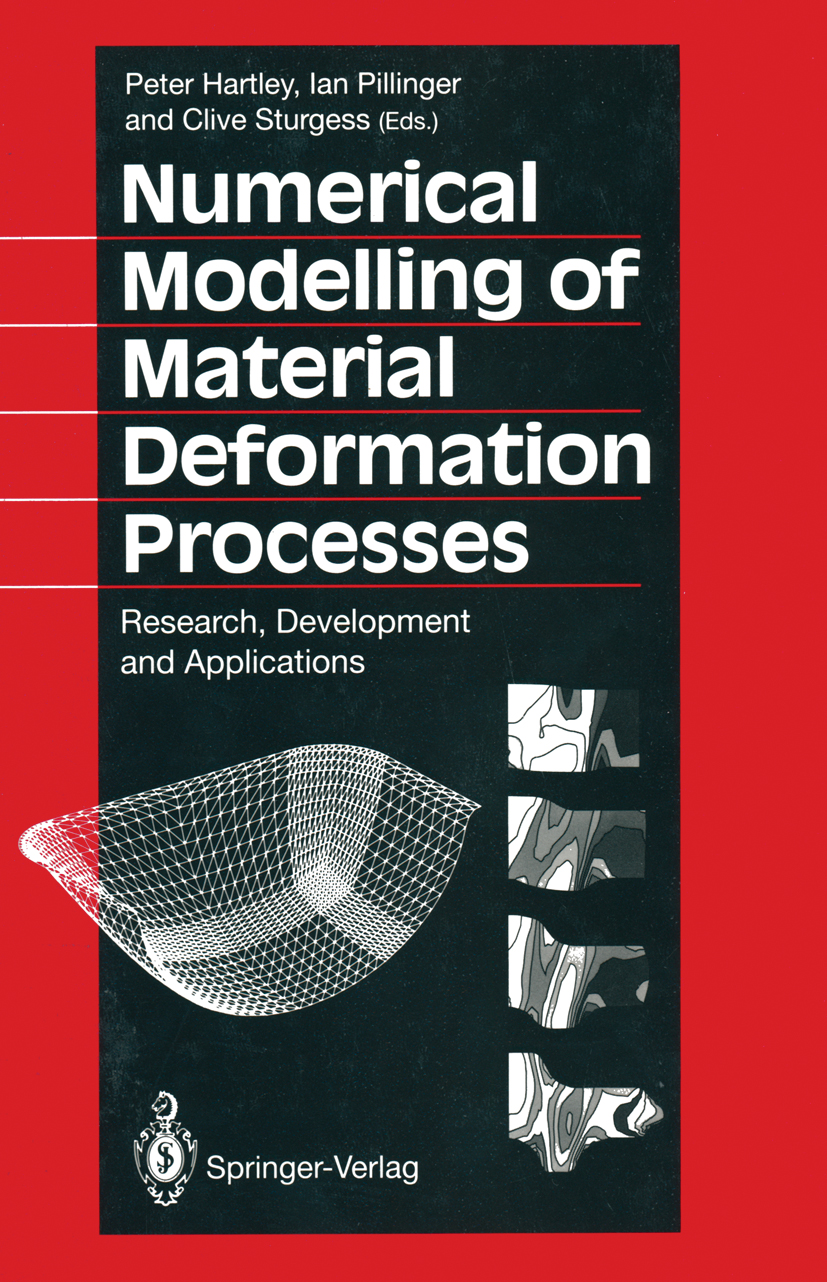
Numerical Modelling of Material Deformation Processes The principal aim of this text is to encourage the development and application of numerical modelling techniques as an aid to achieving greater efficiency and optimization of metal-forming processes. The contents of this book have therefore been carefully planned to provide both an introduction to the fundamental theory of material deformation simulation, and also a comprehensive survey of the "state-of-the-art" of deformation modelling techniques and their application to specific and industrially relevant processes. To this end, leading international figures in the field of material deformation research have been invited to contribute chapters on subjects on which they are acknowledged experts. The information in this book has been arranged in four parts: Part I deals with plasticity theory, Part II with various numerical modelling techniques, Part III with specific process applications and material phenomena and Part IV with integrated computer systems. The objective of Part I is to establish the underlying theory of material deformation on which the following chapters can build. It begins with a chapter which reviews the basic theories of classical plasticity and describes their analytical representations. The second chapter moves on to look at the theory of deforming materials and shows how these expressions may be used in numerical techniques. The last two chapters of Part I provide a review of isotropic plasticity and anisotropic plasticity. TECHNOLOGY & ENGINEERING,Mechanical
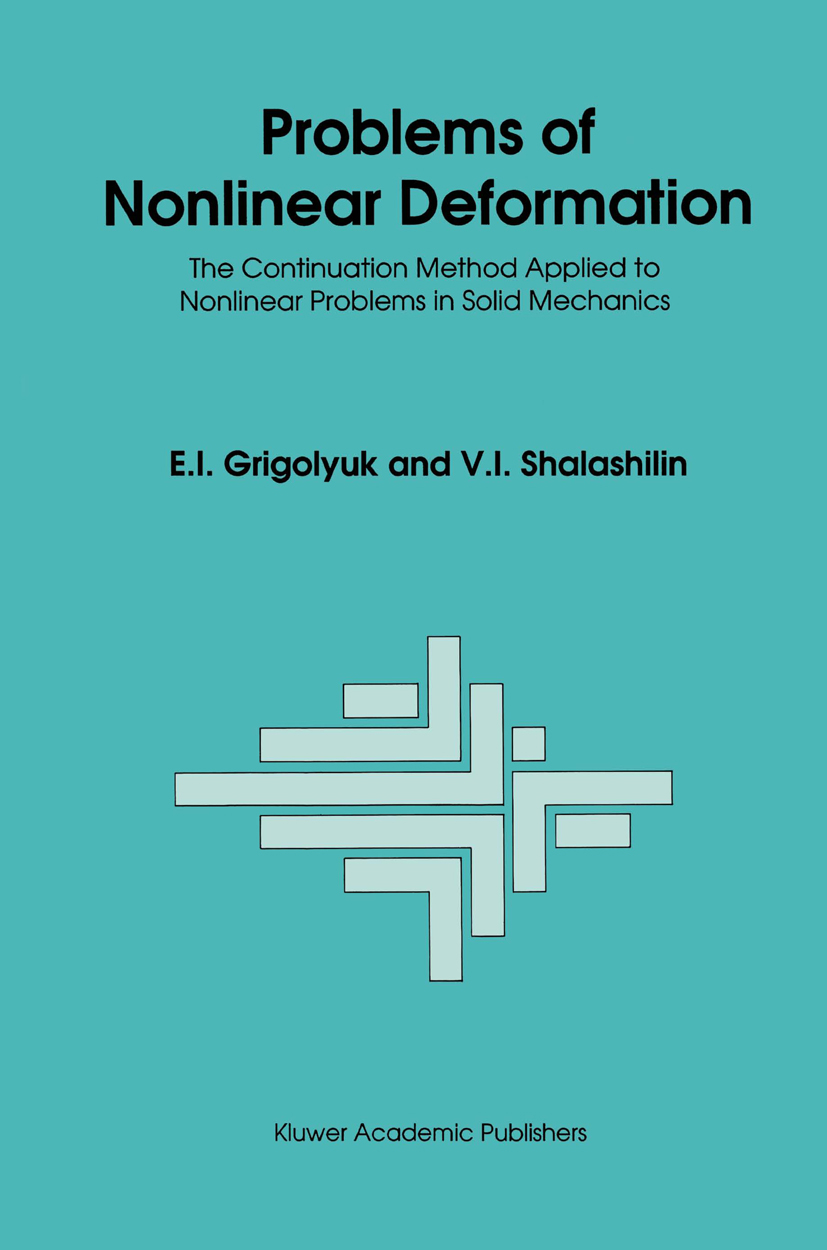
Problems of Nonlinear Deformation Interest in nonlinear problems in mechanics has been revived and intensified by the capacity of digital computers. Consequently, a question offundamental importance is the development of solution procedures which can be applied to a large class of problems. Nonlinear problems with a parameter constitute one such class. An important aspect of these problems is, as a rule, a question of the variation of the solution when the parameter is varied. Hence, the method of continuing the solution with respect to a parameter is a natural and, to a certain degree, universal tool for analysis. This book includes details of practical problems and the results of applying this method to a certain class of nonlinear problems in the field of deformable solid mechanics. In the Introduction, two forms of the method are presented, namely continu ous continuation, based on the integration of a Cauchy problem with respect to a parameter using explicit schemes, and discrete continuation, implementing step wise processes with respect to a parameter with the iterative improvement of the solution at each step. Difficulties which arise in continuing the solution in the neighbourhood of singular points are discussed and the problem of choosing the continuation parameter is formulated. TECHNOLOGY & ENGINEERING,Mechanical
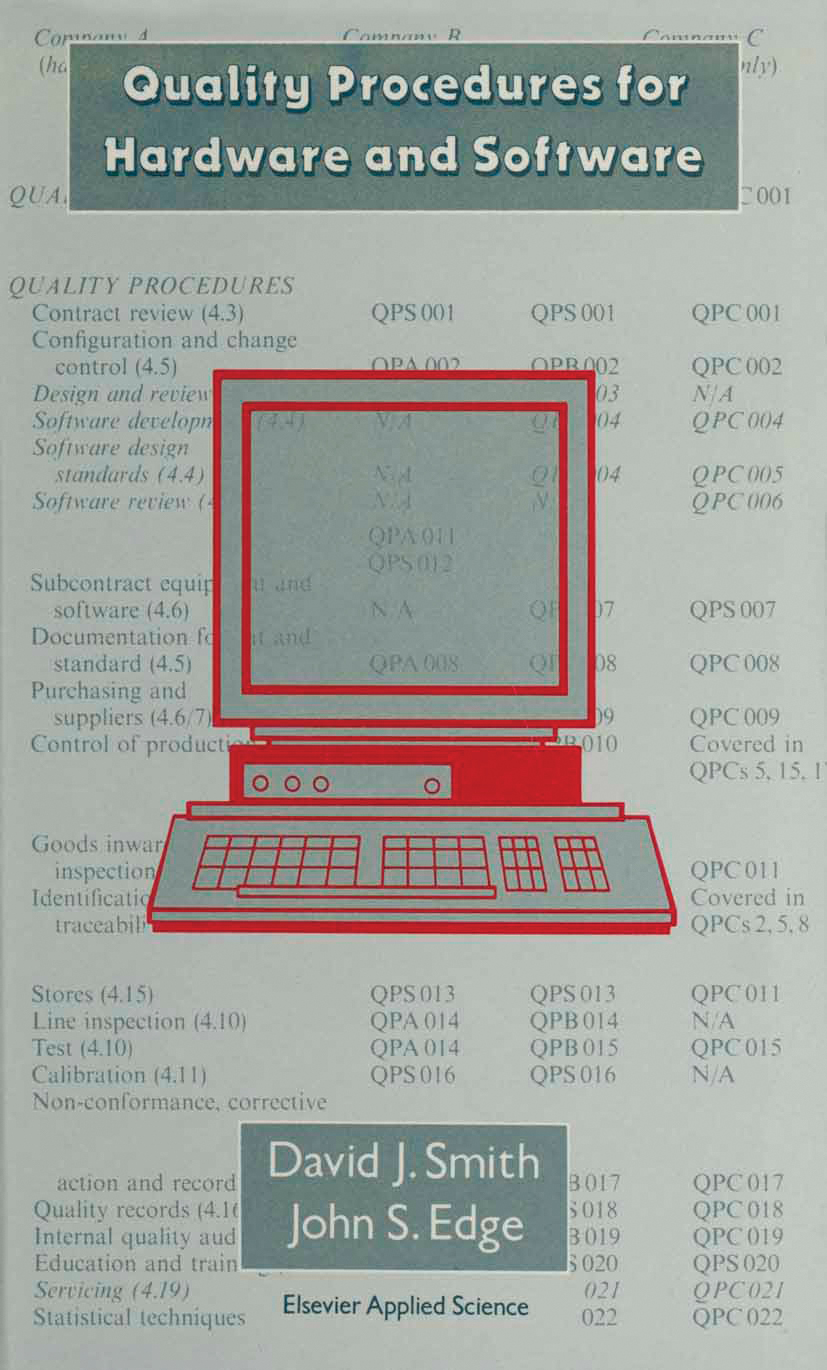
Quality Procedures for Hardware and Software How to Use This Book The primary purpose of this book is to assist small companies, involved in both hardware and software, to devise and evolve their own quality systems. There are a number of national and now international standards which outline the activities for which procedures and records need to be specified. They are described and compared in Chapter 2, and the subsequent guidance in the book is intended to assist in meeting them. Although, at first sight, the operations of a hardware equipment developer may seem very different from those of a software house, the basic requirements of a quality system, such as the BS 5750 and ISO 1987 series of documents, are the same. For this reason the same standard can be called for in both areas and it will be seen, in Part 2, that suitable procedures can be derived to meet both types of operation. Quality standards (BS 5750, AQAP, ISO 9000 series) distinguish between companies carrying out, on the one hand, both design and manufacturing fixed functions and, on the other hand, those who only manufacture to specifications. In practice, the lesser requirements (those applying to manufacture to fixed specifications) are common to both levels of standard and the additional controls pertaining to design are added to obtain the higher standard. Chapter 2 explains the differences in detail. TECHNOLOGY & ENGINEERING,Mechanical
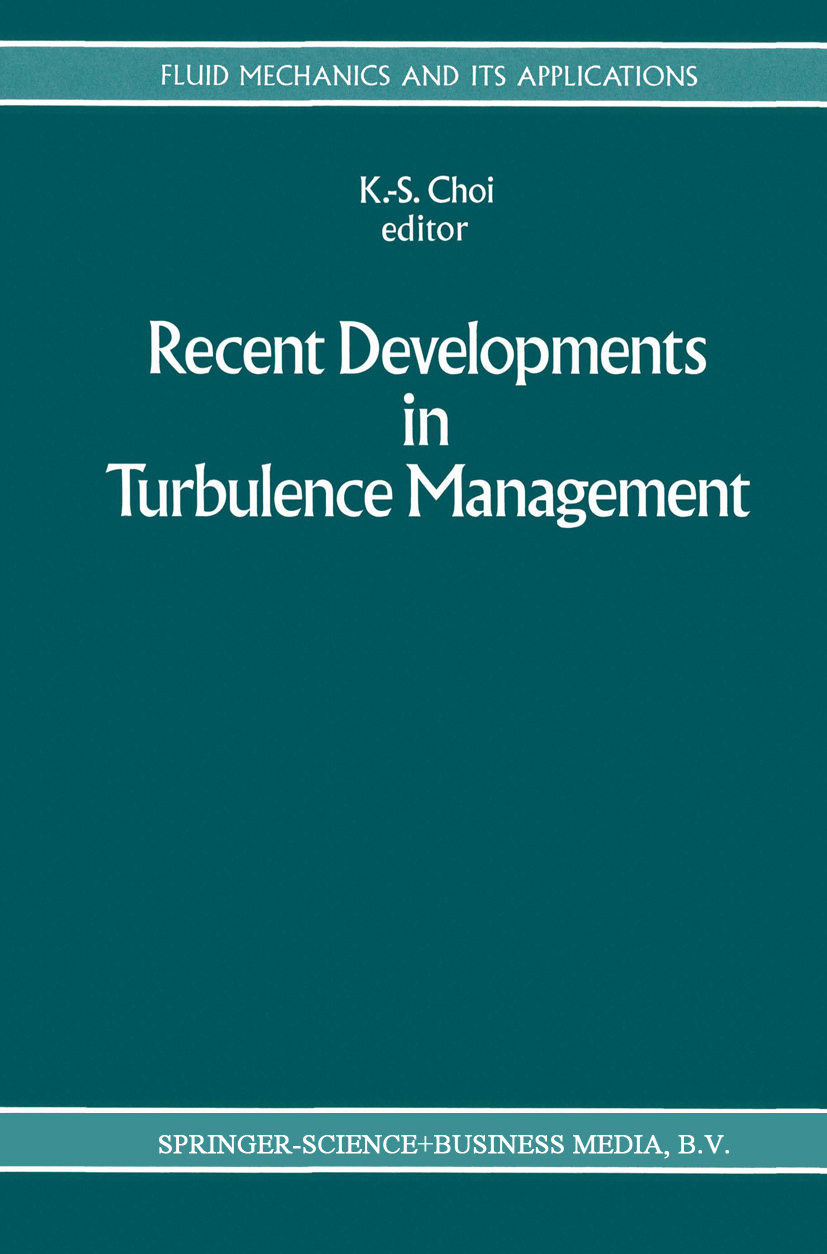
Recent Developments in Turbulence Management Proceedings of the 5th Drag Reduction in Engineering Flows Meeting TECHNOLOGY & ENGINEERING,Mechanical

Boundary Elements XIII Since its origin in 1978, the International Conference on Boundary Element Methods has provided the recognized and established forum for innovations in boundary element research. Practically all new ideas on boundary ele ments have been presented at these conferences and the resulting papers can be found in the published books. The conference brings together the most renowned scientists and engineers working on boundary element research throughout the world. A unique feature of these meetings is that the participation of younger researchers is actively encouraged by the organizers in an effort to .bring forward to the attention of the international community an ever expanding range of new ideas. This book contains the edited version of the papers presented at the XIIIth BEM Conference held in Tulsa, Oklahoma in August of 1991. The meeting attracted a large number of participants and many excellent contributions which have been divided into nineteen different sections, i.e. Potential Prob lems; Diffusion and Convection Problems; Fluid Mechanics; Fluid Flow; Wave Propagation; Groundwater Flow; Heat Transfer; Electrical Problems; Geomechanics; Plates and Shells; Inelastic Problems; Damage Tolerance; Contact Mechanics; Industrial Applications; Design Sensitivity and Opti mization; Inverse Problems; Special Techniques; Numerical Aspects and Computational Aspects. TECHNOLOGY & ENGINEERING,Mechanical
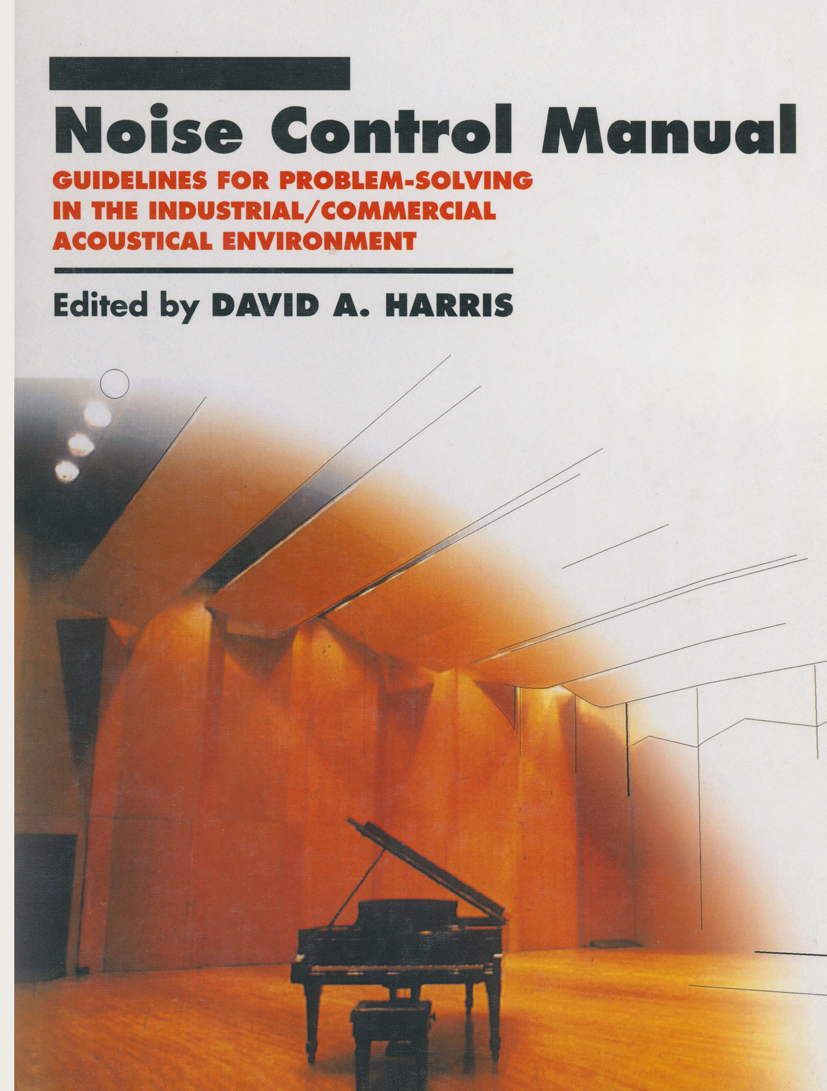
Noise Control Manual Excessive noise levels are generally acknowledged to have adverse effects on our environment. Studies indicate that excessive noise levels can cause fatigue in exposed individuals, lower efficiency and productivity, impaired speech communication, and hearing loss. Excessive noise is almost everywhere today - in the office, in schools, hospitals and other institutional facilities, in all classes of public buildings, and in our factories. INDUSTRIAL NOISE High noise levels in factories can make speech communication in the plant difficult and at times impossible. Foremen are often unable to hear warning shouts from co-workers. The problem of hearing loss due to excessive noise exposure is of particular concern to industry, and to the federal government. In the early 1970s, the United States Congress passed the Occupational Safety and Health Act (OSHA) which sets criteria for health hazards and established limits for noise exposure of industrial workers. The OSHA Noise Standard was amended in 1982 to require audiometric testing of all employees exposed to noise levels of 85 dB or above for eight hours. A NOISE IN COMMERCIAL AND INSTITUTIONAL BUILDINGS While noise levels in offices, stores, schools, and other commercial and institutional buildings seldom reach those encountered in many industrial environments, they often reach levels which are distracting to the occupants of such buildings. Impairment of speech communica tion among workers, or inversely the lack of speech privacy, are both deterrents to effiCiency and productivity and are detrimental to the occupants' comfort and sense of well-being. TECHNOLOGY & ENGINEERING,Mechanical
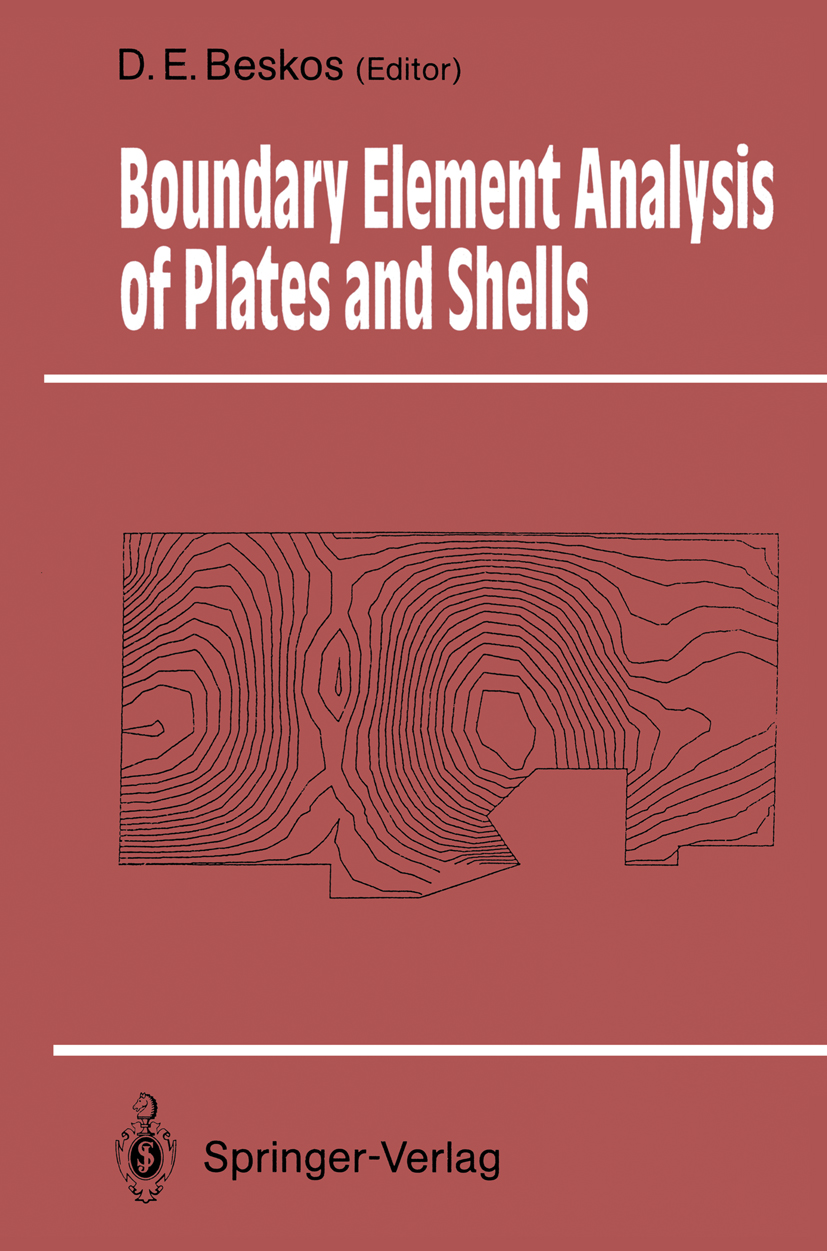
Boundary Element Analysis of Plates and Shells The analysis of plates and shells under static and dynamicloads is of greatinterest to scientists and engineers bothfrom the theoretical and the practical viewpoint. The Boun-dary Element Method (BEM) has some distinct advantages overdomain techniques such as the Finite Difference Method (FDM)and the Finite Element Method (FEM) for a wide class ofstructuralanalysis problems. This is the first book to dealspecifically with the analysis of plates and shells by theBEM and to cover all aspects of their behaviour, and combi-nes tutorial and state-of-the-art articles on the BEM as ap-plied to plates and shells. It aims to inform scientists andengineers about the use and the advantages of this techni-que, the most recent developments in the field and the per-tinent literature for further study. TECHNOLOGY & ENGINEERING,Mechanical
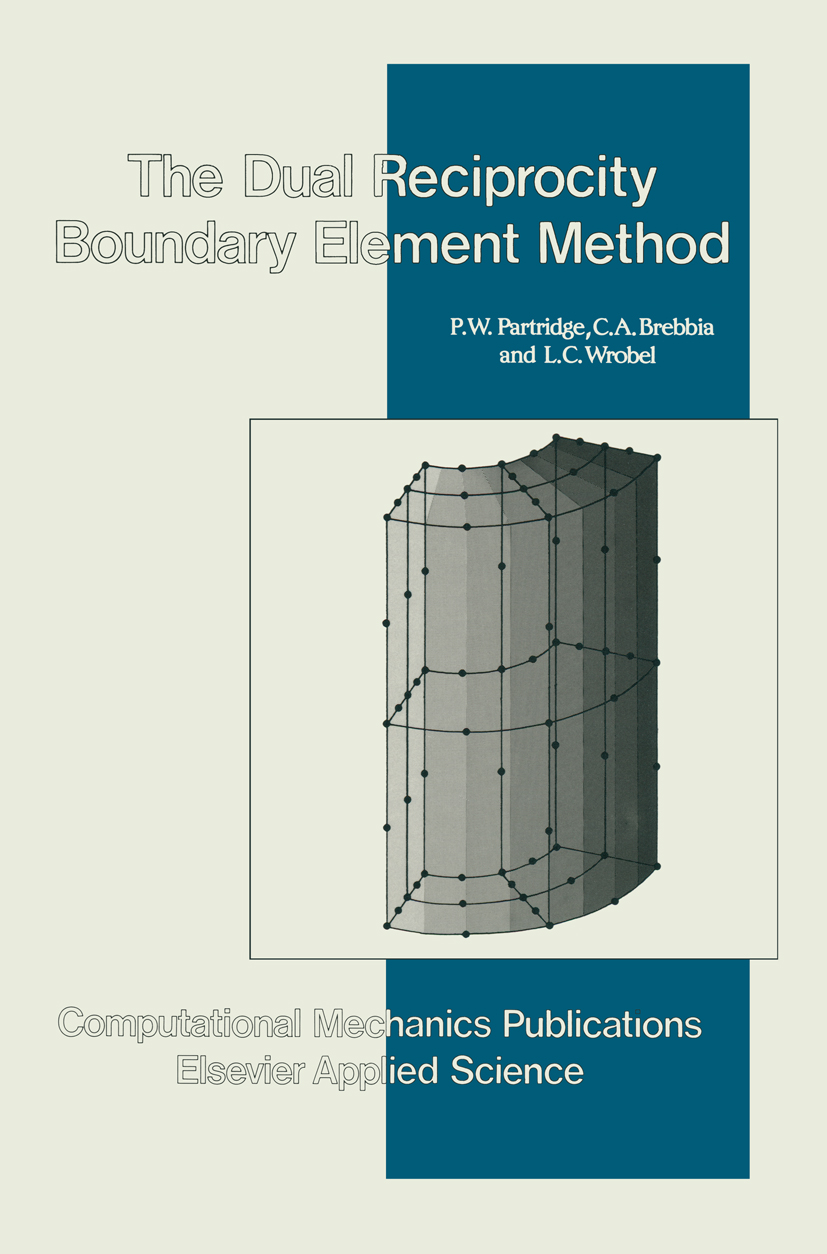
Dual Reciprocity Boundary Element Method The boundary element method (BEM) is now a well-established numerical technique which provides an efficient alternative to the prevailing finite difference and finite element methods for the solution of a wide range of engineering problems. The main advantage of the BEM is its unique ability to provide a complete problem solution in terms of boundary values only, with substantial savings in computer time and data preparation effort. An initial restriction of the BEM was that the fundamental solution to the original partial differential equation was required in order to obtain an equivalent boundary in tegral equation. Another was that non-homogeneous terms accounting for effects such as distributed loads were included in the formulation by means of domain integrals, thus making the technique lose the attraction of its "boundary-only" character. Many different approaches have been developed to overcome these problems. It is our opinion that the most successful so far is the dual reciprocity method (DRM), which is the subject matter of this book. The basic idea behind this approach is to employ a fundamental solution corresponding to a simpler equation and to treat the remaining terms, as well as other non-homogeneous terms in the original equation, through a procedure which involves a series expansion using global approximating functions and the application of reciprocity principles. TECHNOLOGY & ENGINEERING,Mechanical
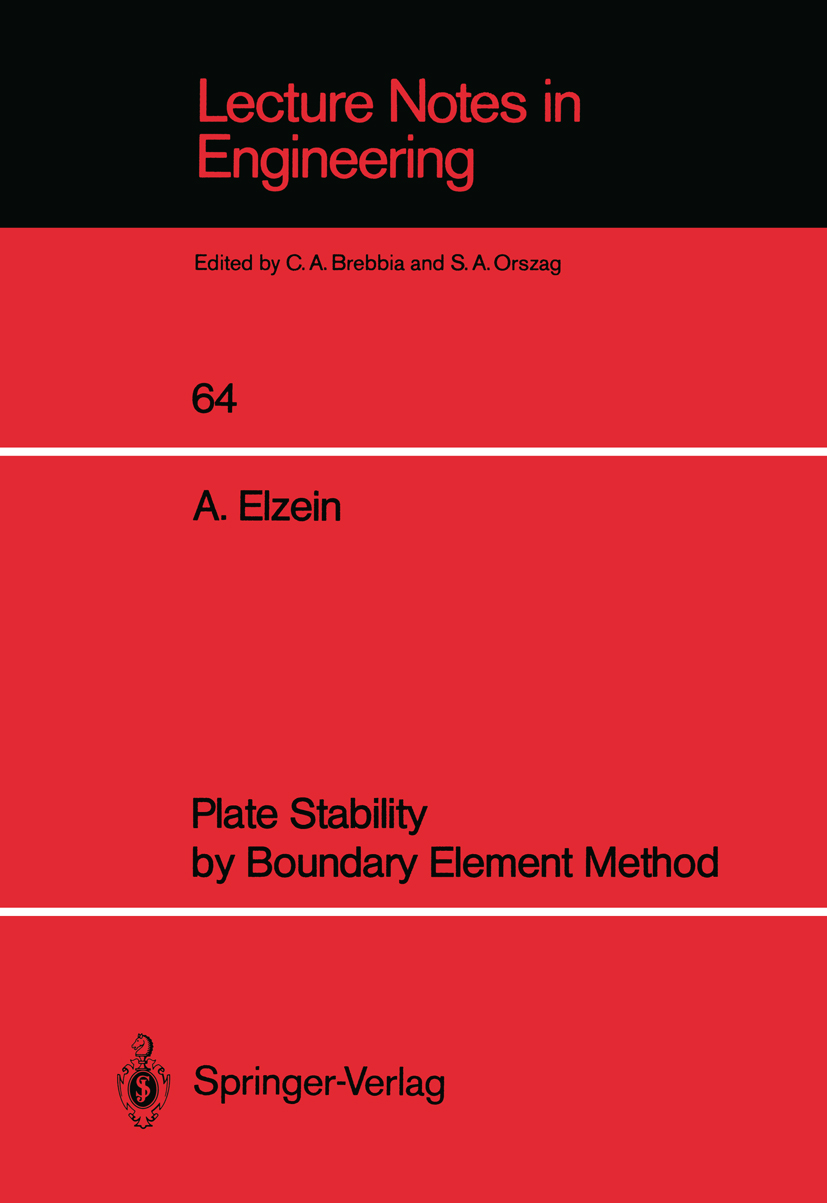
Plate Stability by Boundary Element Method 1. 1 Historical Background Thin plates and shells are widely used structural elements in numerous civil, mechanical, aeronautical and marine engineering design applications. Floor slabs, bridge decks, concrete pavements, sheet pile retaining walls are all, under normal lateral loading circumstances, instances of plate bending in civil engineering. The problem of elastic instability of plates occurs when load is applied in a direction parallel to the plane of the plate. The deck of a bridge subjected to a strong wind loading, the web of a girder under the action of shear forces transmitted by the flanges, the turbine blade of a machinery undergoing longitudinal temperature differentials, would all eventually buckle when the applied load, or its temperature equivalent in the last case, exceeds a certain limit, that is the buckling load. Although the plate may exhibit a considerable post-buckling strength, the buckling load is considered in many design instances, especially in aeronautical and marine engineering, as a serviceability limit because of the abrupt and substantial change in the dimensions and shape of the buckled plate. Nevertheless, the post-buckling region retains its importance either as an essential safety margin or as a stage of loading actually reached under normal loading conditions. The design engineer will therefore need rigorous tools of analysis to predict, in addition to the buckling load, the deflections and stresses at both buckling and initial post-buckling stages. TECHNOLOGY & ENGINEERING,Mechanical
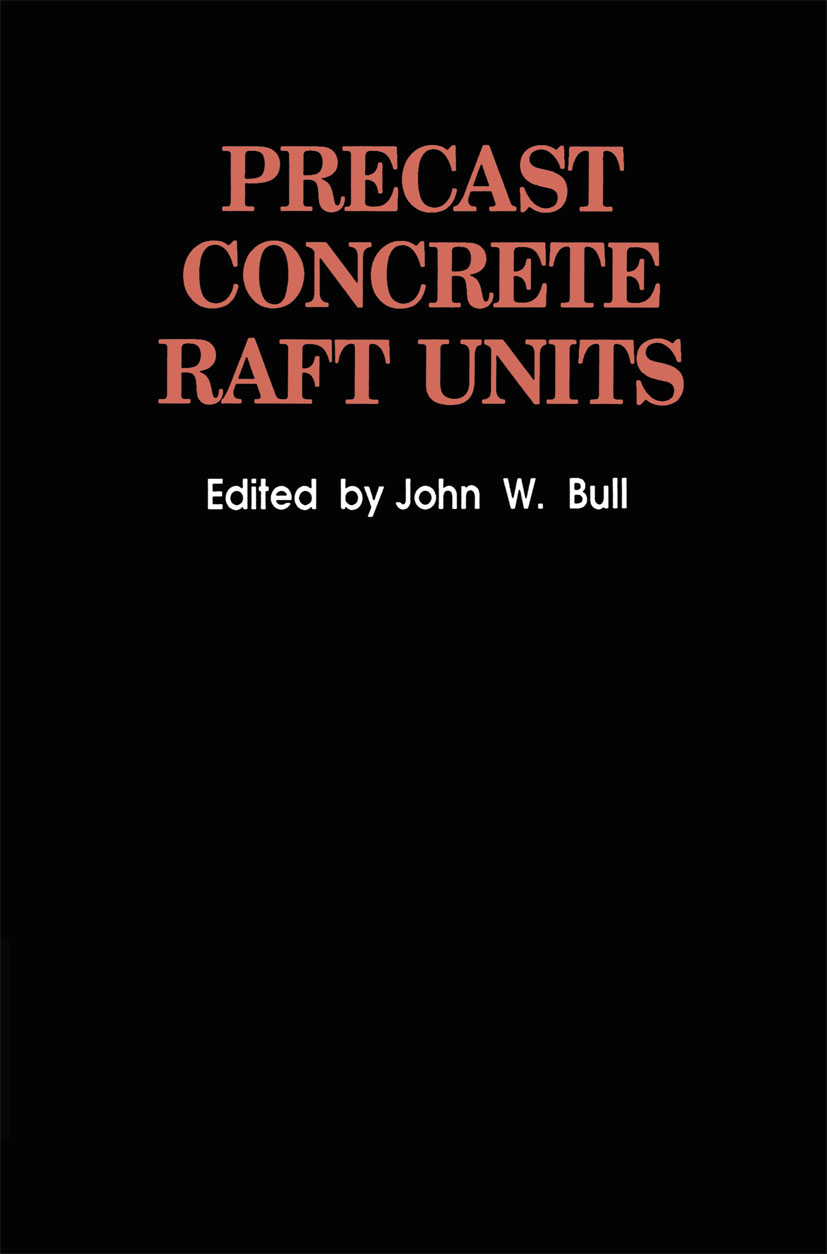
Precast Concrete Raft Units The use of precast concrete is a well-established construction technique for beams, floors, panels, piles, walls and other structural elements. The advan tages of precasting include excellent quality control, economical large scale production, improved construction productivity (especially in adverse weather conditions) and immediate structure availability. These advantages have been recognized for precast concrete raft pavement units (raft units) since their introduction in the 1930s. In the last ten years there has been a considerable increase in the use ofraft units, especially in their range of applications, their analysis and their design. However, the description of these developments has been published in academicjournals and conference proceedings which are not readily available to practising raft unit pavement design engineers. Pavement design engineers are underincreasingpressure to produce raft unit designs that are inexpensive, long lasting and able to allow reorganization to accommodate changing use and uncertainty offuture loading requirements. This is the first book devoted to raft unit pavements, and will become a standard work of reference. TECHNOLOGY & ENGINEERING,Mechanical
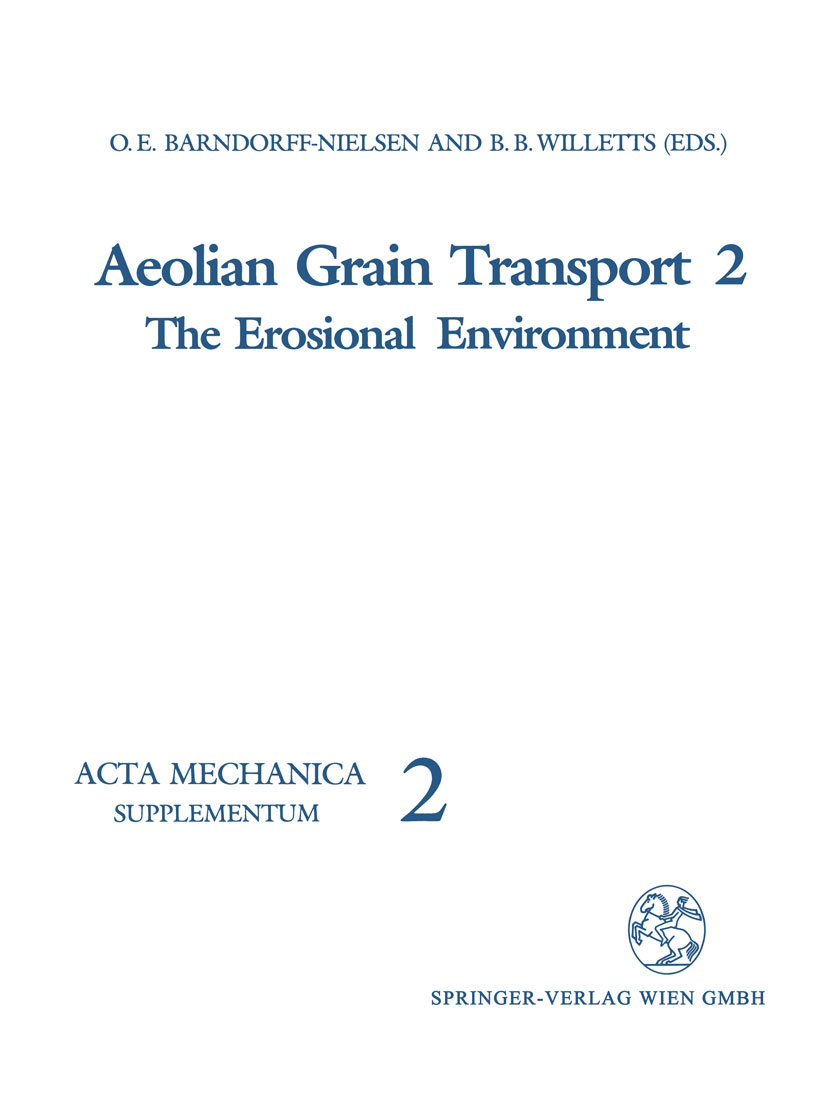
Aeolian Grain Transport Wind erosion has such a pervasive influence on environmental and agricultural matters that academic interest in it has been continuous for several decades. However, there has been a tendency for the resulting publications to be scattered widely in the scientific litera ture and consequently to provide a less coherent resource than might otherwise be hoped for. In particular, cross-reference between the literature on desert and coastal morphology, on the deterioration of wind affected soils, and on the process mechanics of the grain/air flow system has been disappointing. A successful workshop on "The Physics of Blown Sand", held in Aarhus in 1985, took a decisive step in collecting a research community with interests spanning geomorphology and grain/wind process mechanics. The identification of that Community was reinforced by the Binghampton Symposium on Aeolian Geomorphology in 1986 and has been fruitful in the development of a number of international collaborations. The objectives of the pre sent workshop, which was supported by a grant from the NATO Scientific Affairs Division, were to take stock of the progress in the five years to 1990 and to extend the scope of the community to include soil deterioration (and dust release) and those beach processes which link with aeolian activity on the coast. TECHNOLOGY & ENGINEERING,Mechanical
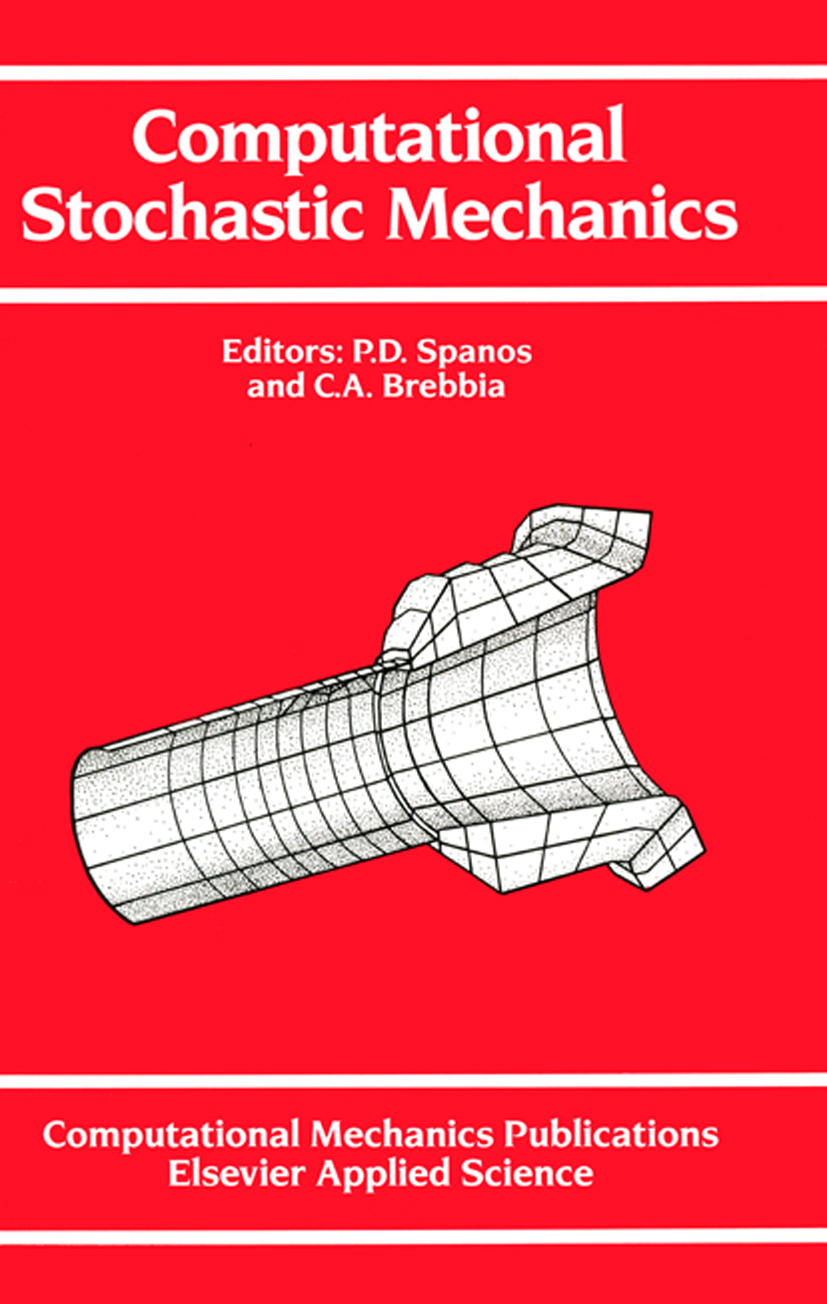
Computational Stochastic Mechanics Over a period of several years the field of probabilistic mechanics and com putational mechanics have progressed vigorously, but independently. With the advent of powerful computational hardware and the development of novel mechanical techniques, the field of stochastic mechanics has progressed in such a manner that the inherent uncertainty of quite complicated systems can be addressed. The first International Conference on Computational Stochastic Mechanics was convened in Corfu in September 1991 in an ef fort to provide a forum for the exchanging of ideas on the current status of computational methods as applied to stochastic mechanics and for identi fying needs for further research. The Conference covered both theoretical techniques and practical applications. The Conference also celebrated the 60th anniversary of the birthday of Dr. Masanobu Shinozuka, the Sollenberger Professor of Civil Engineering at Princeton University, whose work has contributed in such a great measure to the development of Computational Stochastic Mechanics. A brief sum mary of his career and achievements are given in the Dedication. This book comprises some of the papers presented at the meeting and cov ers sections on Theoretical Reliability Analysis; Damage Analysis; Applied Reliability Analysis; Theoretical Random Vibrations; Stochastic Finite Ele ment Concept; Fatigue and Fracture; Monte Carlo Simulations; Earthquake Engineering Applications; Materials; Applied Random Vibrations; Applied Stochastic Finite Element Analysis, and Flow Related Applications and Chaotic Dynamics. The Editors hope that the book will be a valuable contribution to the grow ing literature covering the field of Computational Stochastic Mechanics. TECHNOLOGY & ENGINEERING,Mechanical

An Introduction to the History of Structural Mechanics This book is one of the finest I have ever read. To write a foreword for· it is an honor, difficult to accept. Everyone knows that architects and master masons, long before there were mathematical theories, erected structures of astonishing originality, strength, and beauty. Many of these still stand. Were it not for our now acid atmosphere, we could expect them to stand for centuries more. We admire early architects' visible success in the distribution and balance of thrusts, and we presume that master masons had rules, perhaps held secret, that enabled them to turn architects' bold designs into reality. Everyone knows that rational theories of strength and elasticity, created centuries later, were influenced by the wondrous buildings that men of the sixteenth, seventeenth, and eighteenth centuries saw daily. Theorists know that when, at last, theories began to appear, architects distrusted them, partly because they often disregarded details of importance in actual construction, partly because nobody but a mathematician could understand the aim and func tion of a mathematical theory designed to represent an aspect of nature. This book is the first to show how statics, strength of materials, and elasticity grew alongside existing architecture with its millenial traditions, its host of successes, its ever-renewing styles, and its numerous problems of maintenance and repair. In connection with studies toward repair of the dome of St. Peter's by Poleni in 1743, on p. TECHNOLOGY & ENGINEERING,Mechanical
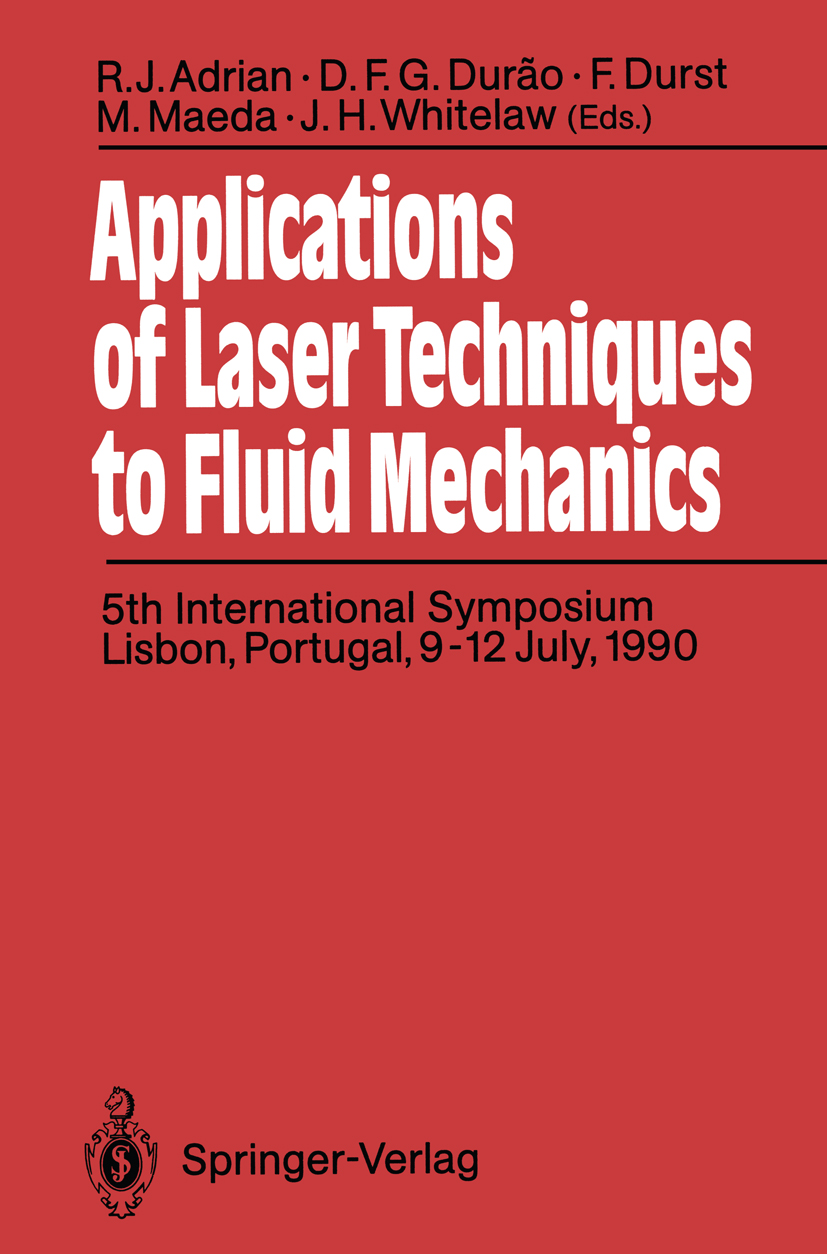
Applications of Laser Techniques to Fluid Mechanics This volume consists of papers selected from the proceedings of the Fifth International Symposium on Applications of Laser Techniques to Fluid Mechanics, held at the Calouste Gulbenkian Foundation in Lisbon from 9 to 12 July, 1990. Relative to previous meetings in the Lisbon series the scope of this symposium was broadened by expanding the topical coverage to include all laser techniques used in fluid mechanics. This change recognized the trend amongst experimental fluid dynamicists to employ laser techniques for the mea surement of many different quantities, including concentration, temperature, particle size, and velocity, and the need for researchers to have a forum in which to communicate their work and share their common interests. The Fifth Symposium contained twenty-three sessions of formal presentations and a lively Open Forum ses sion. In addition, Dr. H. J. Pfeiffer organized a special Workshop on the Use of Computers in Flow Mea surements which contained five sessions on frequency domain processors, correIa tors, special detectors, and biasing. TECHNOLOGY & ENGINEERING,Mechanical
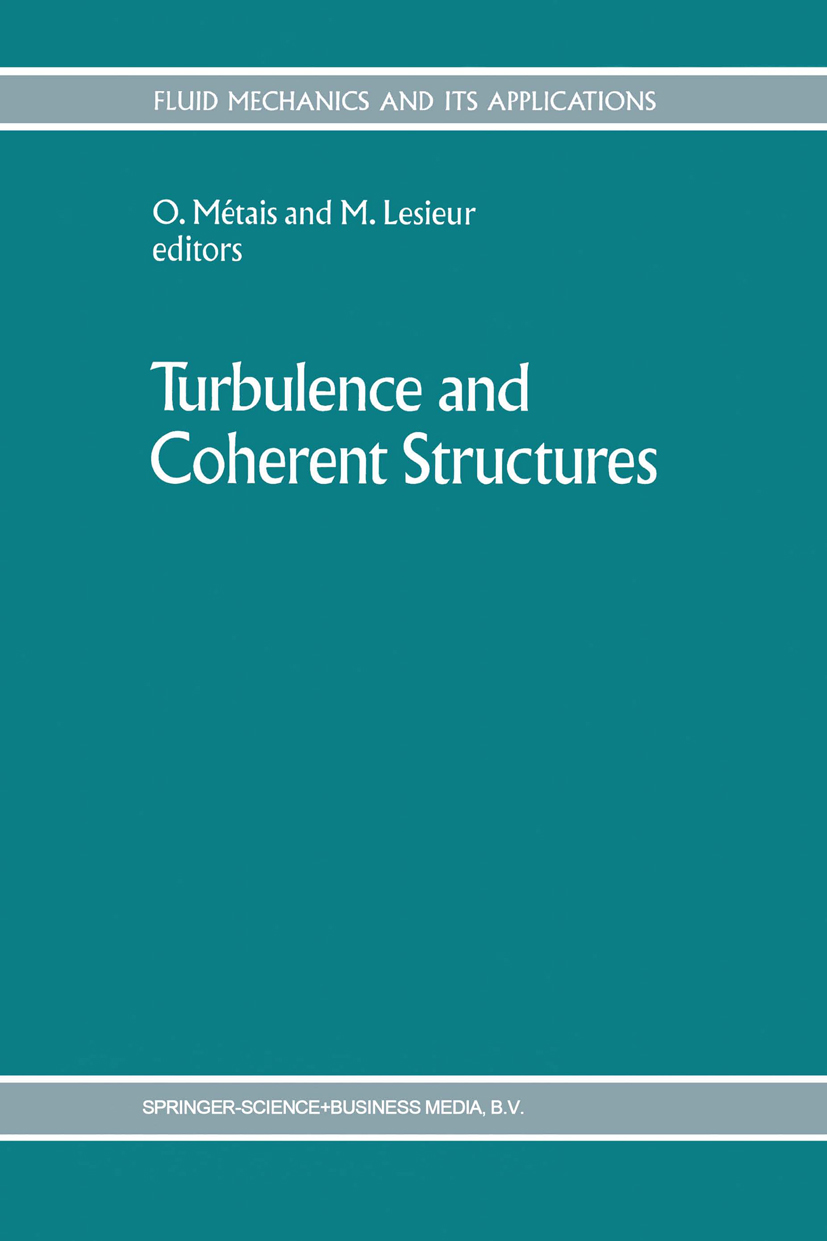
Turbulence and Coherent Structures In the last 25 years, one of the most striking advances in Fluid Mecha nics was certainly the discovery of coherent structures in turbulence: lab oratory experiments and numerical simulations have shown that most turbulent flows exhibit both spatially-organized large-scale structures and disorganized motions, generally at smaller scales. The develop ment of new measurement and visualization techniques have allowed a more precise characterization and investigation of these structures in the laboratory. Thanks to the unprecedented increase of computer power and to the development of efficient interactive three-dimensional colour graphics, computational fluid dynamicists can explore the still myste rious world of turbulence. However, many problems remain unsolved concerning the origin of these structures, their dynamics, and their in teraction with the disorganized motions. In this book will be found the latest results of experimentalists, theoreticians and numerical modellers interested in these topics. These coherent structures may appear on airplane wings or slender bodies, mixing layers, jets, wakes or boundary-layers. In free-shear flows and in boundary layers, the results presented here highlight the intense three-dimensional character of the vortices. The two-dimensional large scale eddies are very sensitive to three-dimensional perturbations, whose amplification leads to the formation of three-dimensional coherent vorti cal structures, such as streamwise, hairpin or horseshoe vortex filaments. This book focuses on modern aspects of turbulence study. Relations between turbulence theory and optimal control theory in mathematics are discussed. This may have important applications with regard to, e. g. , numerical weather forecasting. TECHNOLOGY & ENGINEERING,Mechanical

Transport Processes in Porous Media Proceedings of the NATO Advanced Study Institute, Pullman, Washington, U.S.A., July 9-18, 1989 TECHNOLOGY & ENGINEERING,Mechanical

Aeolian Grain Transport 1 Wind erosion has such a pervasive influence on environmental and agricultural matters that academic interest in it has been continuous for several decades. However, there has been a tendency for the resulting publications to be scattered widely in the scientific litera ture and consequently to provide a less coherent resource than might otherwise be hoped for. In particular, cross-reference between the literature on desert and coastal morphology, on the deterioration of wind affected soils, and on the process mechanics of the grain/air flow system has been disappointing. A successful workshop on "The Physics of Blown Sand", held in Aarhus in 1985, took a decisive step in collecting a research community with interests spanning geomorphology and grain/wind process mechanics. The identification of that Community was reinforced by the Binghampton Symposium on Aeolian Geomorphology in 1986 and has been fruitful in the development of a number of international collaborations. The objectives of the pre sent workshop, which was supported by a grant from the NATO Scientific Affairs Division, were to take stock of the progress in the five years to 1990 and to extend the scope of the community to include soil deterioration (and dust release) and those beach processes which link with aeolian activity on the coast. TECHNOLOGY & ENGINEERING,Mechanical

Vibration Mechanics Objectives This book is used to teach vibratory mechanics to undergraduate engineers at the Swiss Federal Institute of Technology of Lausanne. It is a basic course, at the level of the first university degree, necessary for the proper comprehension of the following disciplines. Vibrations of continuous linear systems (beams, plates) random vibration of linear systems vibrations of non-linear systems dynamics of structures experimental methods, rheological models, etc. Effective teaching methods have been given the highest priority. Thus the book covers basic theories of vibratory mechanics in an ap propriately rigorous and complete way, and is illustrated by nume rous applied examples. In addition to university students, it is suitable for industrial engineers who want to strengthen or complete their training. It has been written so that someone working alone should find it easy to read. pescription The subject of the book is the vibrations of linear mechanical sys tems having only a finite number of degrees of freedom (ie discrete linear systems). These can be divided into the following two catego ries : -X- systems of solids which are considered to be rigid, and which are acted upon by elastic forces and by linear resist.ive forces (viscous damping forces). deformable continuous systems which have been made discrete. In other words, systems which are replaced (approximately) by systems having only a limited number of degrees of freedom, using digital or experimental methods. TECHNOLOGY & ENGINEERING,Mechanical

Modern Research Topics in Aerospace Propulsion This volume, published in honor of Professor Corrado Casci, celebrates the life of a very distinguished international figure devoted to sCientific study, research, teaching, and leadership. The numerous contributions of Corrado CasCi are widely admired by scientists and engineers around the globe. He has been an impressive model and outstanding colleague to many researchers. Unfortunately, only a few of them could be invited to contribute to this honorific volume. Everyone of the invited contributors responded with enthusiasm. v Corrado Casci Contents Preface. . . . . . . . . . . . . . . . . . . . . . . . . . . . . . . . . . . . . . . . . . . . . . . . . . . . . v Contributors . . . . . . . . . . . . . . . . . . . . . . . . . . . . . . . . . . . . . . . . . . . . . . . . IX Curriculum Vitae . . . . . . . . . . . . . . . . . . . . . . . . . . . . . . . . . . . . . . . . . . . . Xl Publications of Corrado Casci . . . . . . . . . . . . . . . . . . . . . . . . . . . xix . . . . . . . . . I. Combustion 1. Mechanics of Turbulent Flow in Combustors for Premixed Gases . . . . . . . . . . . . . . . . . . . . . . . . . . . . . . . . . 3 A. K. OPPENHEIM 2. A Pore-Structure-Independent Combustion Model for Porous Media with Application to Graphite Oxidation 19 M. B. RICHARDS AND S. S. PENNER 3. Stabilization of Hydrogen-Air Flames in Supersonic Flow. . 37 G. WINTERFELD 4. Thermodynamics of Refractory Material Formation by Combustion Techniques . . . . . . . . . . . . . . . . . . . . . . . . . . 49 I. GLASSMAN, K. BREZINSKY, AND K. A. DAVIS 5. Catalytic Combustion Processes . . . . . . . . . . . . . . . . . . . . . . 63 A. P. GLASKOVA 6. Stability of Ignition Transients of Reactive Solid Mixtures 83 V. E. ZARKO 7. Combustion Modeling and Stability of Double-Base Solid Rocket Propellants . . . . . . . . . . . . . . . . . . . . . . . . . . . . . . . . . . 109 L. DE LUCA AND L. GALFETTI 8. Combustion Instabilities and Rayleigh's Criterion 135 F. E. C. CULICK II. Liquid Sprays 9. On the Anisotropy of Drop and Particle Velocity Fluctuations in Two-Phase Round Gas Jets . . . . . . . . . . . . . 155 A. TOMBOULIDES, M. l ANDREWS, AND F. V. BRACCO vii viii Contents 10. TECHNOLOGY & ENGINEERING,Mechanical

Mechanics and Thermodynamics of Continua Reprinted from Archive for Rational Mechanics and Analysis edited by C. Truesdell TECHNOLOGY & ENGINEERING,Mechanical
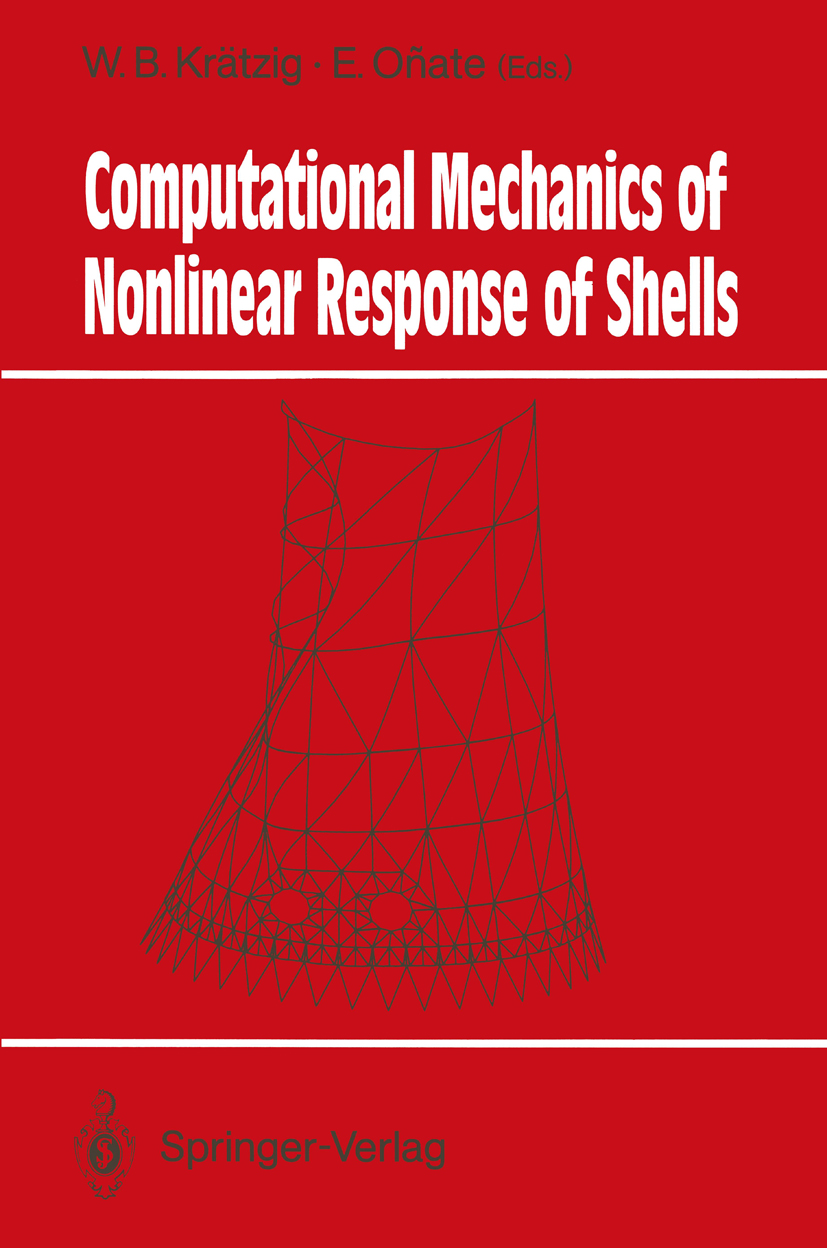
Computational Mechanics of Nonlinear Response of Shells Shell structures and their components are applied in many engineering fields. Designers are attaching ever increasing importance to nonlinear responses such as large deformations, instabilities and nonlinear material properties in their design analysis. This volume presents a careful selection of papers from the ICES '88 Conference covering various aspects of nonlinear shell responses. TECHNOLOGY & ENGINEERING,Mechanical
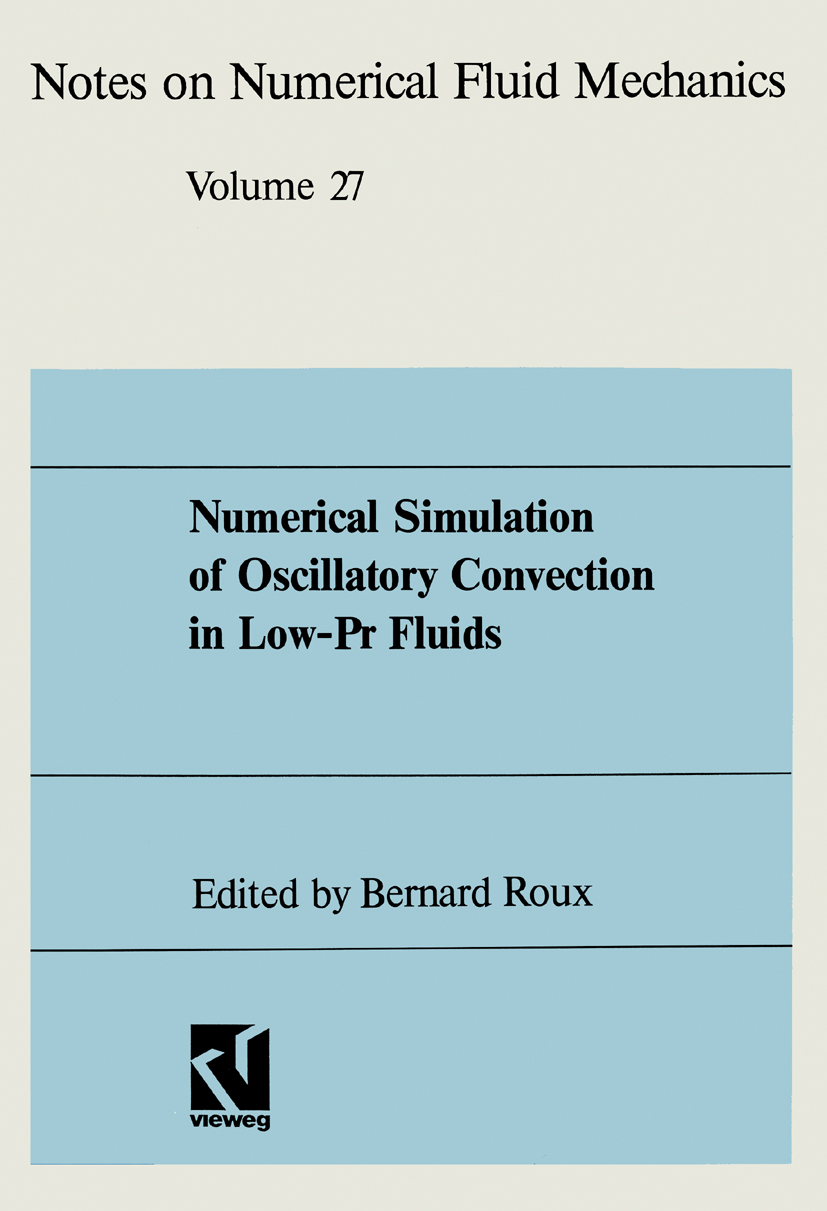
Numerical Simulation of Oscillatory Convection in Low-Pr Fluids For the last ten years, there has been an ever-increasing awareness that fluid motion and transport processes influenced by buoyancy are of interest in many fields of science and technology. In particular, a lot of research has been devoted to the oscillatory behaviour of metallic melts (low-Pr fluids) due to the very crucial impact of such flow oscillations on the quality of growing crystals, semi-conductors or metallic alloys, for advanced technology applications. Test cases on the 2D oscillatory convection in differentially heated cavities containing low-Pr fluids have been defined by the organizing committee, and proposed to the community in 1987. The GAMM-Worshop was attended by 55 scientists from 12 countries, in Oct. 1988 in Marseille (France). Twenty-eight groups contributed to the mandatory cases coming from France (12), other European countries (7) and other countries: USA, Japan and Australia (9). Several groups also presented solutions of various related problems such as accurate determination of the threshold for the onset of oscillations, thermocapillary effect in open cavities, and 3D simulations. Period doubling, quasi- periodic behaviour, reverse transition and hysteresis loops have been reported for high Grashof numbers in closed cavities. The workshop was also open to complementary contributions (5), from experiments and theory (stability and bifurcation analysis). The book contains details about the various methods employed and the specific results obtained by each contributor. TECHNOLOGY & ENGINEERING,Mechanical
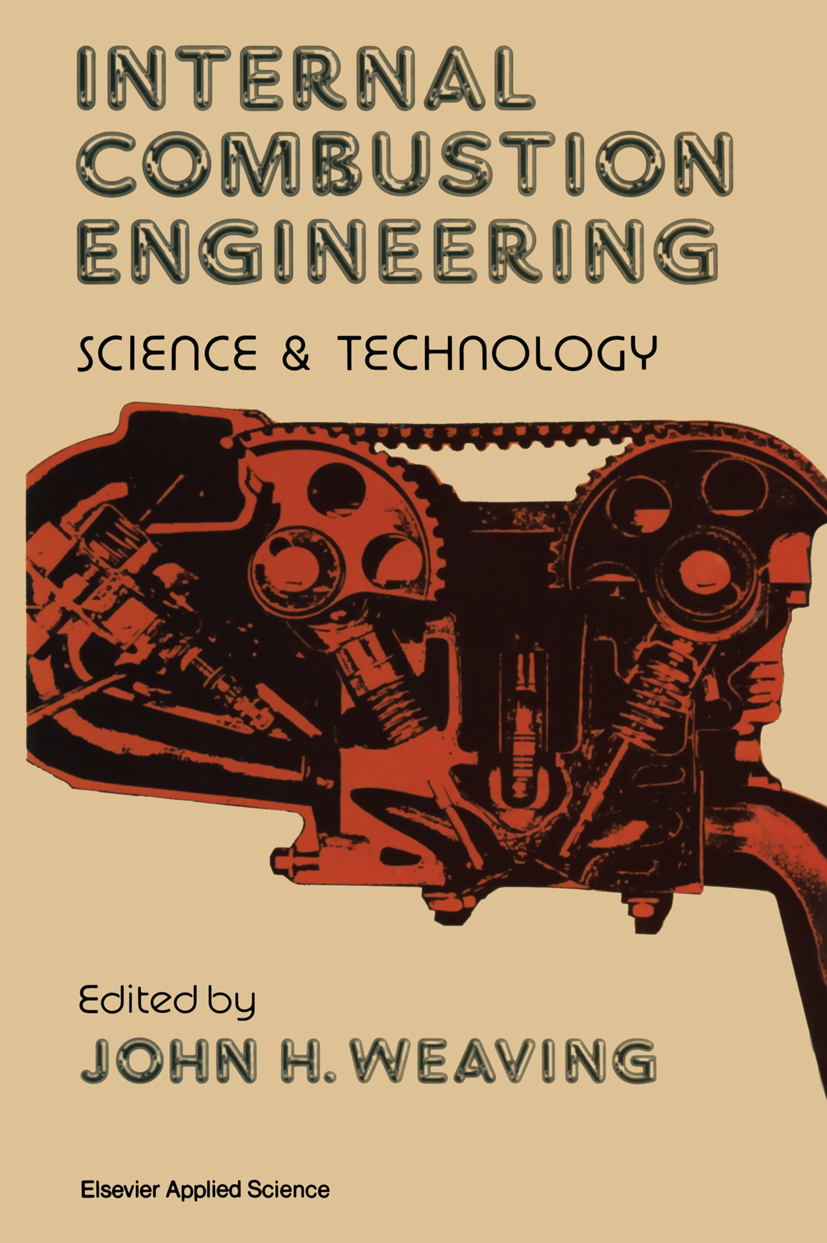
Internal Combustion Engineering Sir Diarmuid Downs, CBE, FEng, FRS Engineering is about designing and making marketable artefacts. The element of design is what principally distinguishes engineering from science. The engineer is a creator. He brings together knowledge and experience from a variety of sources to serve his ends, producing goods of value to the individual and to the community. An important source of information on which the engineer draws is the work of the scientist or the scientifically minded engineer. The pure scientist is concerned with knowledge for its own sake and receives his greatest satisfaction if his experimental observations fit into an aesthetically satisfying theory. The applied scientist or engineer is also concerned with theory, but as a means to an end. He tries to devise a theory which will encompass the known experimental facts, both because an all embracing theory somehow serves as an extra validation of the facts and because the theory provides us with new leads to further fruitful experimental investigation. I have laboured these perhaps rather obvious points because they are well exemplified in this present book. The first internal combustion engines, produced just over one hundred years ago, were very simple, the design being based on very limited experimental information. The current engines are extremely complex and, while the basic design of cylinder, piston, connecting rod and crankshaft has changed but little, the overall performance in respect of specific power, fuel economy, pollution, noise and cost has been absolutely transformed. TECHNOLOGY & ENGINEERING,Mechanical

Boundary Element Methods in Engineering The Boundary Element Method (BEM) has become established as an effective tool for the solutions of problems in engineering science. The salient features of the BEM have been well documented in the open literature and therefore will not be elaborated here. The BEM research has progressed rapidly, especially in the past decade and continues to evolve worldwide. This Symposium was organized to provide an international forum for presentation of current research in BEM for linear and nonlinear problems in solid and fluid mechanics and related areas. To this end, papers on the following topics were included: rotary wing aerodynamics, unsteady aerodynamics, design and optimization, elasticity, elasto dynamics and elastoplasticity, fracture mechanics, acoustics, diffusion and wave motion, thermal analysis, mathematical aspects and boundary/finite element coupled methods. A special session was devoted to parallel/vector supercomputing with emphasis on mas sive parallelism. This Symposium was sponsored by United Technologies Research Center (UTRC) , NASA Langley Research Center, and the International Association of Boundary Ele ment Methods (lAB EM) . We thank the UTRC management for their permission to host this Symposium. In particular, we thank Dr. Arthur S. Kesten and Mr. Robert E. Olson for their encouragement and support. We gratefully acknowledge the support of Dr. E. Carson Yates, Jr. of NASA Langley, Prof. Luigi Morino, Dr. Thomas A. TECHNOLOGY & ENGINEERING,Mechanical
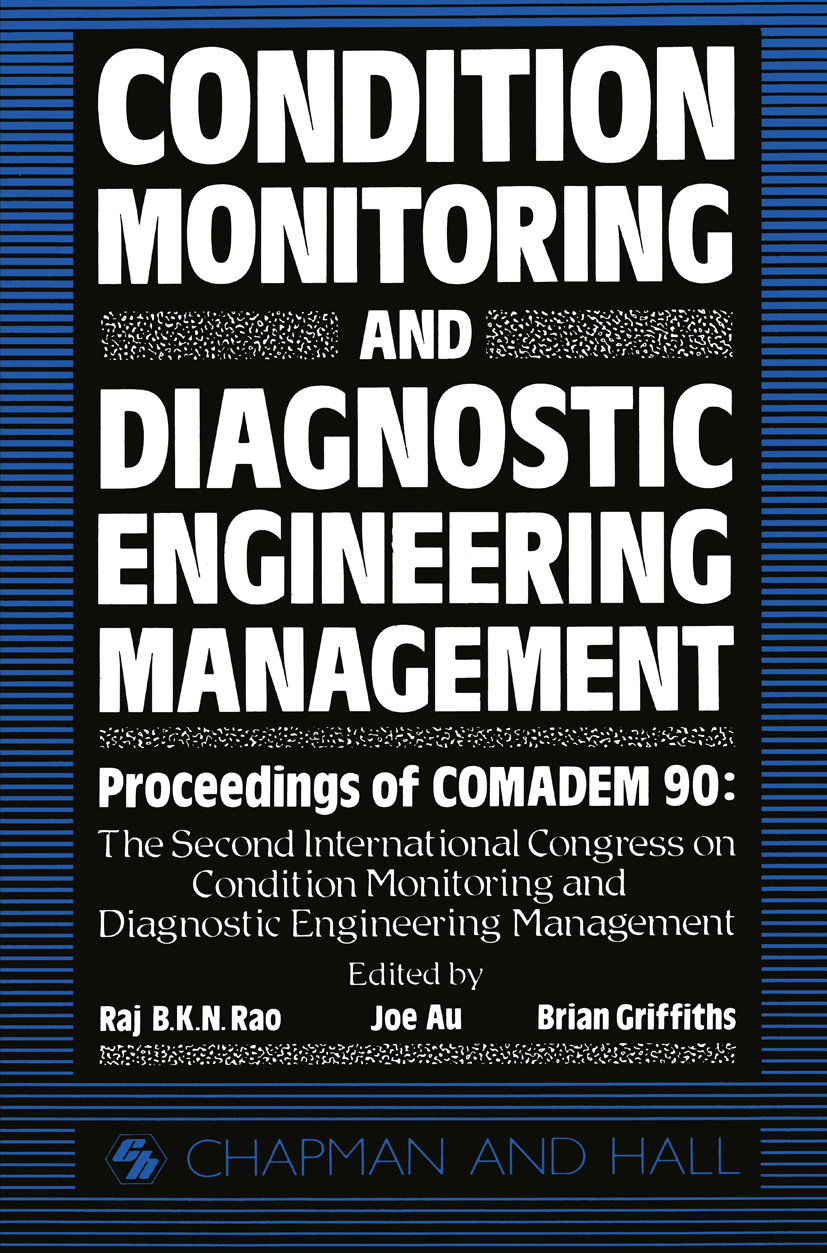
Condition Monitoring and Diagnostic Engineering Management Proceedings of COMADEM 90: the Second International Congress of Condition Monitoring and Diagnostic Engineering Management TECHNOLOGY & ENGINEERING,Mechanical
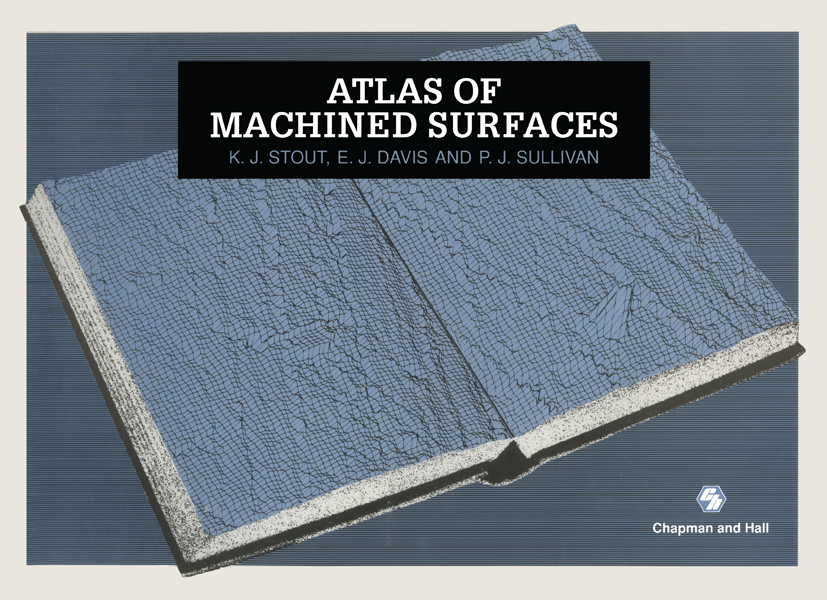
Atlas of Machined Surfaces A variety of manufacturing processes are used to create requirements in order to specify a manufacturing process which will produce a surface having the necessary characteristics. The engineering surfaces, each of which produces a surface with its own characteristic topography. It is important to realize that this quality engineer needs to have a system which will provide topography may affect the suitability of a surface for specific sufficiently detailed information, relative to the specified functional applications. Unfortunately, the relationship between characteristics, to ensure that surfaces have been produced within surface topography and functional behaviour is not yet fully the pre-determined tolerance levels. understood. It is clear, however, that there are two quite distinct issues which need to be addressed: (1) the relationship between SURFACE CHARACTERIZATION manufacture and the resulting surface topography, and (2) the relationship between topography and function. It is also clear that The most common method of determining surface characteristics is an adequate understanding of these two issues can only be through the use of a stylus-based measuring instrument. The stylus achieved through the use of a suitable technique for is drawn across the surface at near constant velocity for a pre characterization of the topography. Such a characterization determined distance. The vertical excursions of the stylus, relative procedure involves both visual and numerical techniques. TECHNOLOGY & ENGINEERING,Mechanical
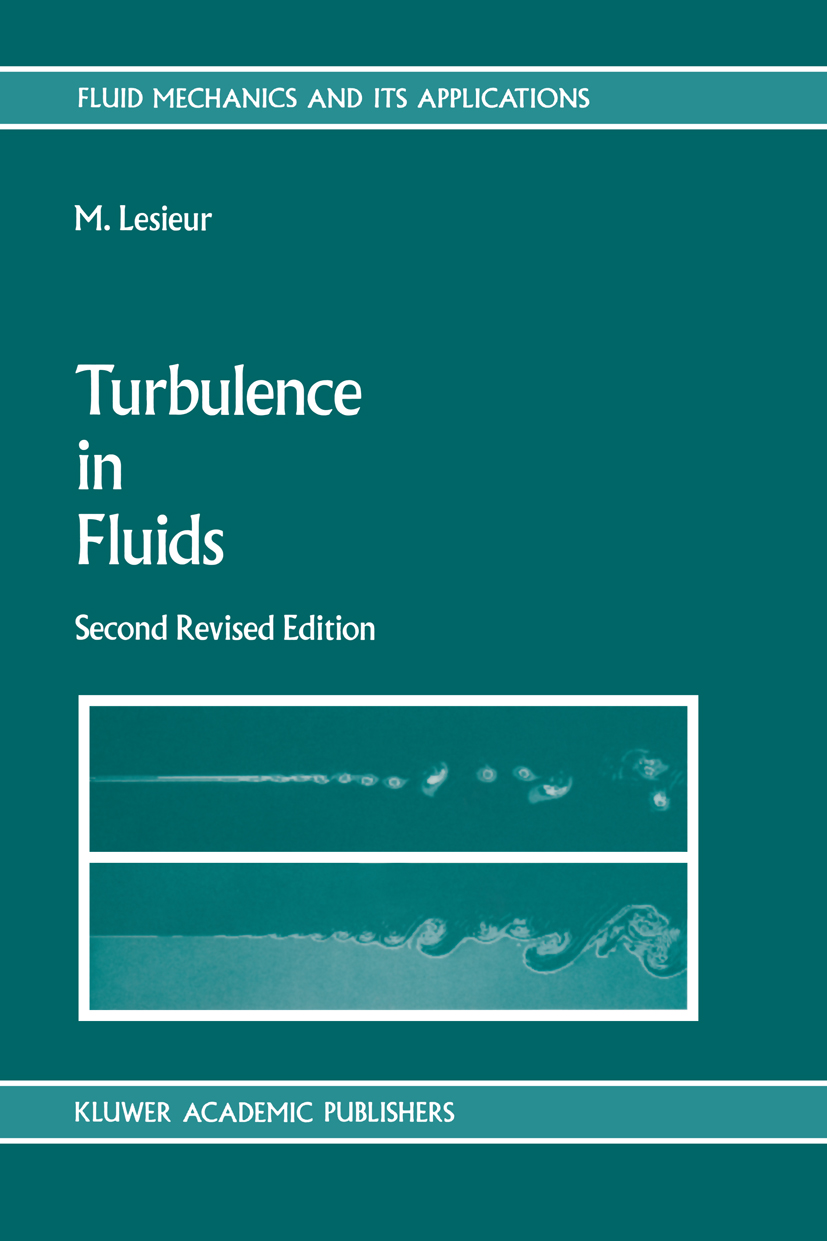
Turbulence in Fluids Turbulence is a dangerous topic which is often at the origin of serious fights in the scientific meetings devoted to it since it represents extremely different points of view, all of which have in common their complexity, as well as an inability to solve the problem. It is even difficult to agree on what exactly is the problem to be solved. Extremely schematically, two opposing points of view have been advocated during these last ten years: the first one is "statistical", and tries to model the evolution of averaged quantities of the flow. This com has followed the glorious trail of Taylor and Kolmogorov, munity, which believes in the phenomenology of cascades, and strongly disputes the possibility of any coherence or order associated to turbulence. On the other bank of the river stands the "coherence among chaos" community, which considers turbulence from a purely deterministic po int of view, by studying either the behaviour of dynamical systems, or the stability of flows in various situations. To this community are also associated the experimentalists who seek to identify coherent structures in shear flows. TECHNOLOGY & ENGINEERING,Mechanical
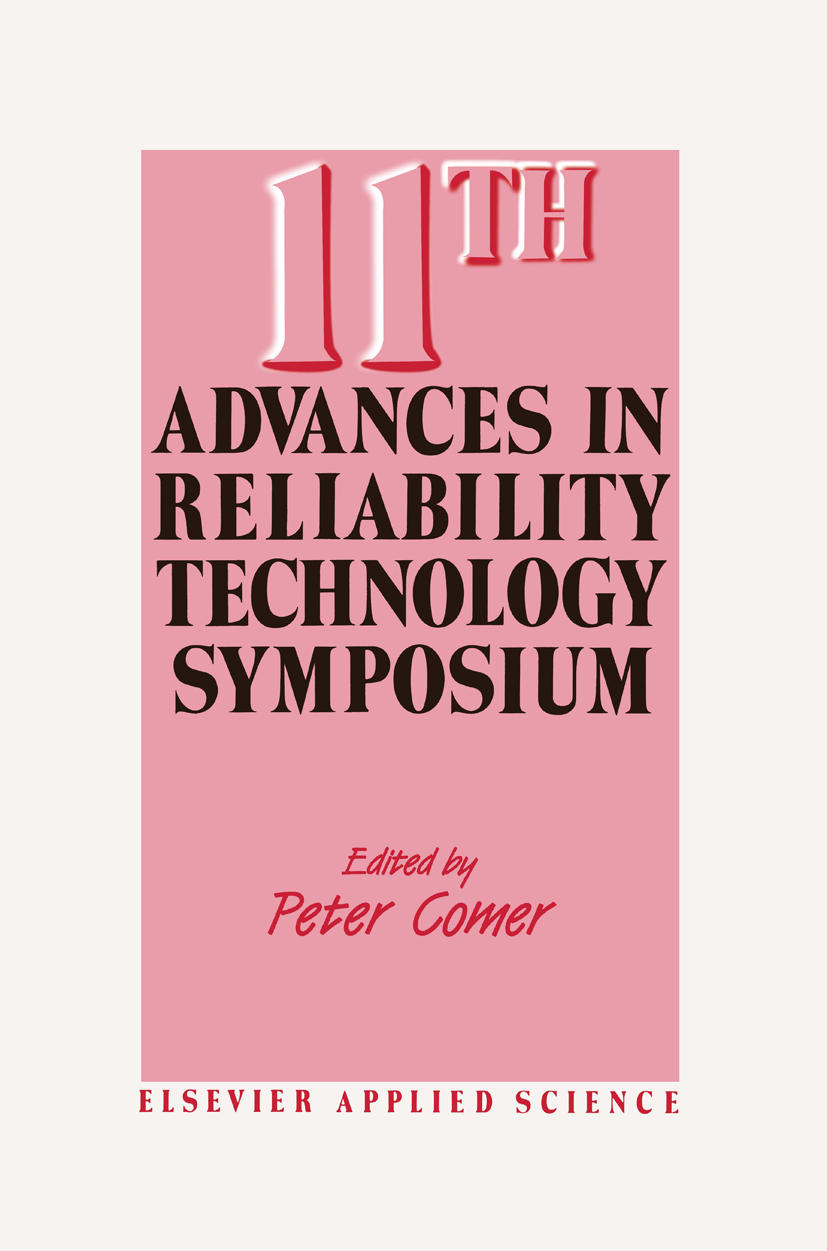
11th Advances in Reliability Technology Symposium On behalf of the Organising Committee of the 11th ARTS I would like to welcome all the delegates, session chairpersons and authors. I particularly welcome new delegates, delegates from mainland Europe and from other countries. At the time of the last symposium, our tenth anniversary, we looked back on the growth of the symposium and the support it had received from so many people. Not least was the support given by Mrs Ruth Campbell who, between this symposium and the last, has retired from the National Centre of Systems Reliability. The Organising Committee would hereby like to acknowledge a very special debt of gratitude, over many years, to Ruth. Our gratitude also goes to Dr A. Z. Keller of the University of Bradford, the Organising Committee Chairman at the 10th Symposium, our President for 11th ARTS and, since the beginning, a staunch supporter of the ARTS. Our thanks go to Mme A. Camino of Electricite de France for being our after-dinner speaker and to Mr A. J. Bourne for being our keynote speaker. Their speeches have been keenly anticipated. Behind the symposium, the detailed and hard work of the administrative staff of the National Centre of Systems Reliability continues even after it has ended. Our thanks go to them, particularly, and to the Universities of Liverpool, Manchester Institute of Science and Technology and Bradford for their consistent support to the symposium. TECHNOLOGY & ENGINEERING,Mechanical

Integration of Theory and Applications in Applied Mechanics The Department of Applied Mechanics of the Royal Institution of Engineers in the Netherlands (Koninklijk Instituut van Ingenieurs) organised on April 2-4, 1990 the first National Applied Mechanics Congress about the theme: "Integration of Theory and Applications in Applied Mechanics" The idea behind this initiative was to bring together the Applied Mechanics communities in The Netherlands and Belgium and to create an environment in which new developments in the field could be discussed and in which connections to other disciplines could be established. Among an extensive list of possible subjects the following were selected as congress topics: - non-linear material behaviour, - chaos, - mechatronics, - liquid-solid interactions, - mathematics and applied mechanics, - integration of Applied Mechanics and other disciplines. Applied Mechanics comprises both solid mechanics and fluid mechanics. These can be subdivided further into: rheology, plasticity, theory of plates and shells, theory of elasticity, multibody dynamics, dynamics of continuous media, stability of the elastic equilibrium, etc. Applied Mechanics is of tremendous practical significance and it proves its value almost daily in applications such as the calculation of the strength and stiffness of constructions, like e. g. TECHNOLOGY & ENGINEERING,Mechanical
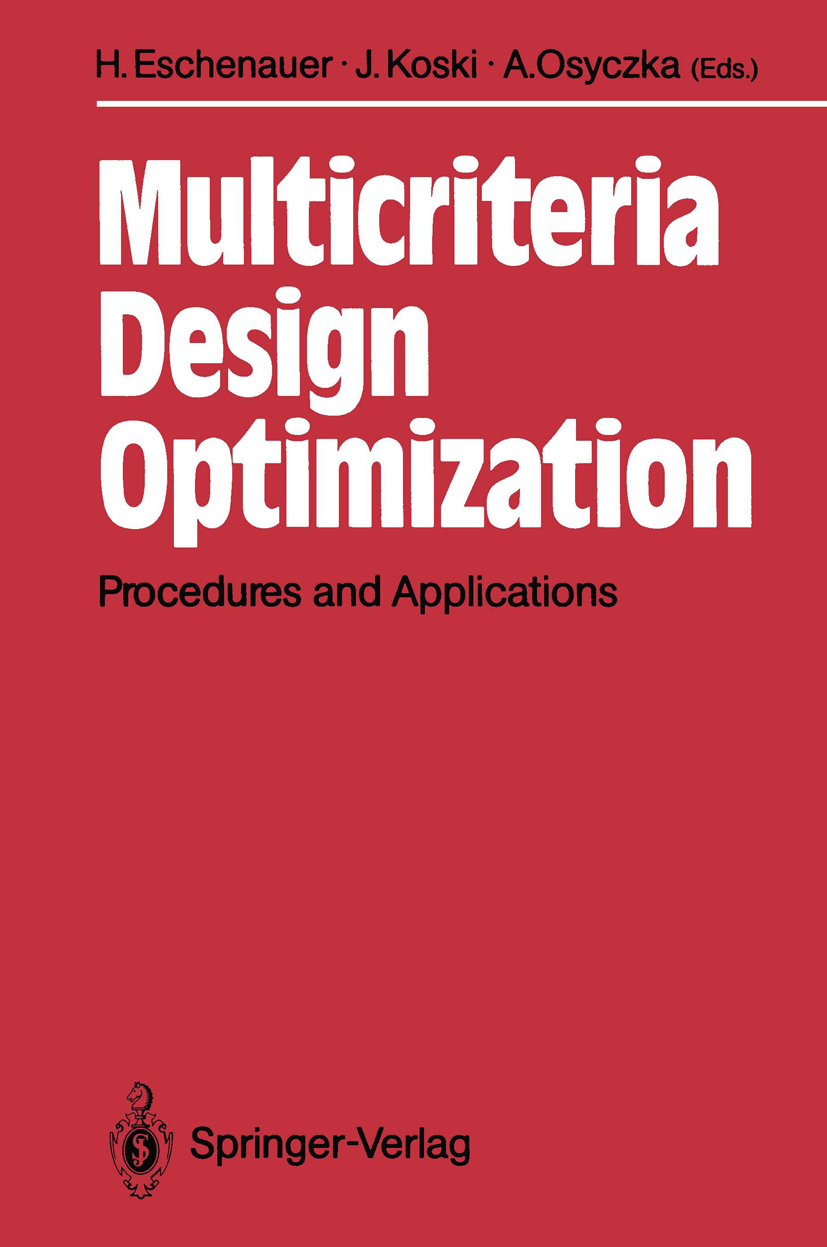
Multicriteria Design Optimization Interest in the fascinating field of multicriteria optimization and its application to design processes has grown very quickly in recent years. Researchers and practising engineers will find this book an comprehensive presentation of this subject. After an introduction to multicriteria optimization and the advantages of using multicriteria techniques, the first part of the book presents methods and computer procedures for solving multicriteria optimum design problems including interactive methods and knowledge-based systems. The second part presents an extensive range of applications of these methods to design processes in the fol- lowing fields: mechanisms and dynamic systems, aircraft and space technology, machine tool design, metal forming and cast metal technology, civil and architectural engineering, and structures made of advanced materials. TECHNOLOGY & ENGINEERING,Mechanical

Reliability-Centered Maintenance In this book the authors provide a fresh look at basic reliability and maintainability engineering techniques and management tools for ap plication to the system maintenance planning and implementation process. The essential life-cycle reliability centered maintenance (ReM) activities are focused on maintenance planning and the prevention of failure. The premise is that more efficient, and therefore effective, life-cycle main tenance programs can be established using a well disciplined decision logic analysis process that addresses individual part failure modes, their consequences, and the actual preventive maintenance tasks. This premise and the techniques and tools described emphasize preventive, not corrective, maintenance. The authors also describe the techniques and tools fundamental to maintenance engineering. They provide an understanding of the inter relationships of the elements of a complete ReM program (which are applicable to any complex system or component and are not limited only to the aircraft industry). They describe special methodologies for improving the maintenance process. These include an on-condition maintenance (OeM) methodology to identify defects and potential deterioration which can determine what is needed as a maintenance action in order to prevent failure during use. TECHNOLOGY & ENGINEERING,Mechanical

Vibration and Wear in High Speed Rotating Machinery Proceedings of the NATO Advanced Study Institute on Vibration and Wear Damage in High Speed Rotating Machinery, Tróia, Sebútal, April 10-22, 1989 TECHNOLOGY & ENGINEERING,Mechanical

Turbulence Control by Passive Means Proceedings of the 4th European Drag Reduction Meeting TECHNOLOGY & ENGINEERING,Mechanical

Multibody Systems Handbook Dynamics of multibody systems is of great importance in the fields of robotics, biomechanics, spacecraft control, road and rail vehicle design, and dynamics of machinery. Many research problems have been solved and a considerable number of computer codes based on multibody formalisms is now available. With the present book it is intended to collect software systems for multibody system dynamics which are well established and have found acceptance in the users community. The Handbook will aid the reader in selecting the software system which is most appropriate to his needs. Altogether 17 research groups contributed to the Handbook. A compact summary of important capabilities of these software systems is presented in tabular form. All authors dealt with two typical test examples, a planar mechanism and a spatial robot. Thus, it is very easy to compare the results and to identify more clearly the advantages of one or the other formalism. TECHNOLOGY & ENGINEERING,Mechanical
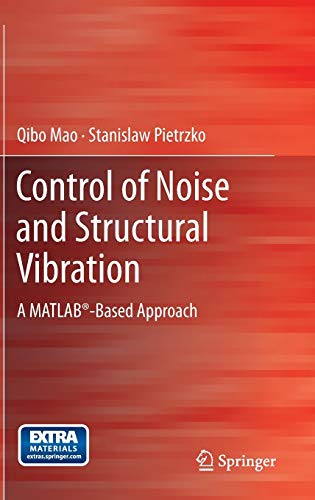
Control of Noise and Structural Vibration Control of Noise and Structural Vibration presents a MATLAB®-based approach to solving the problems of undesirable noise generation and transmission by structures and of undesirable vibration within structures in response to environmental or operational forces. The fundamentals of acoustics, vibration and coupling between vibrating structures and the sound fields they generate are introduced including a discussion of the finite element method for vibration analysis. Following this, the treatment of sound and vibration control begins, illustrated by example systems such as beams, plates and double walls. Sensor and actuator placement is explained as is the idea of modal sensor–actuators. The design of appropriate feedback systems includes consideration of basic stability criteria and robust active structural acoustic control. Positive position feedback (PPF) and multimode control are also described in the context of loudspeaker–duct and loudspeaker–microphone models. The design of various components is detailed including the analog circuit for PPF, adaptive (semi-active) Helmholtz resonators and shunt piezoelectric circuits for noise and vibration suppression. The text makes extensive use of MATLAB® examples and these can be simulated using files available for download from the book’s webpage at springer.com. End-of-chapter exercises will help readers to assimilate the material as they progress through the book. Control of Noise and Structural Vibration will be of considerable interest to the student of vibration and noise control and also to academic researchers working in the field. It’s tutorial features will help practitioners who wish to update their knowledge with self-study. TECHNOLOGY & ENGINEERING,Mechanical
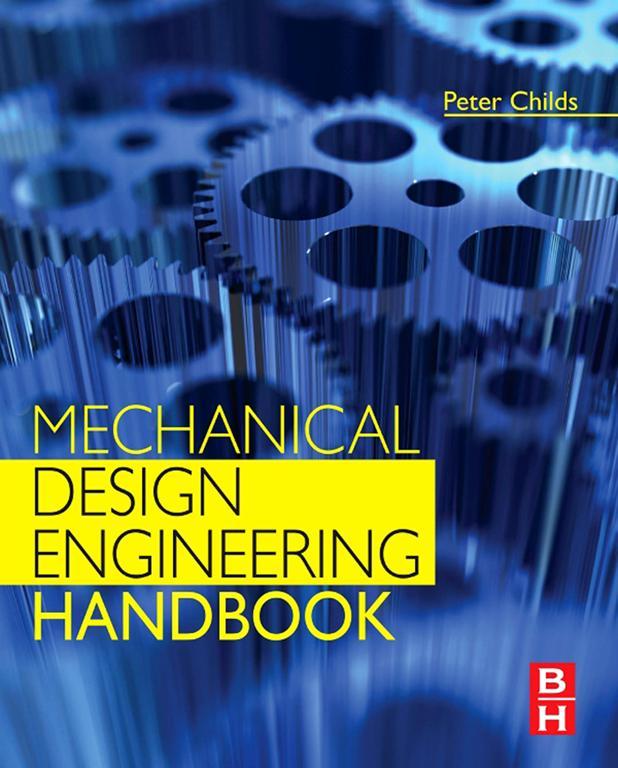
Mechanical Design Engineering Handbook Mechanical Design Engineering Handbook is a straight-talking and forward-thinking reference covering the design, specification, selection, use and integration of machine elements fundamental to a wide range of engineering applications. Develop or refresh your mechanical design skills in the areas of bearings, shafts, gears, seals, belts and chains, clutches and brakes, springs, fasteners, pneumatics and hydraulics, amongst other core mechanical elements, and dip in for principles, data and calculations as needed to inform and evaluate your on-the-job decisions. Covering the full spectrum of common mechanical and machine components that act as building blocks in the design of mechanical devices, Mechanical Design Engineering Handbook also includes worked design scenarios and essential background on design methodology to help you get started with a problem and repeat selection processes with successful results time and time again. This practical handbook will make an ideal shelf reference for those working in mechanical design across a variety of industries and a valuable learning resource for advanced students undertaking engineering design modules and projects as part of broader mechanical, aerospace, automotive and manufacturing programs. Clear, concise text explains key component technology, with step-by-step procedures, fully worked design scenarios, component images and cross-sectional line drawings all incorporated for ease of understanding Provides essential data, equations and interactive ancillaries, including calculation spreadsheets, to inform decision making, design evaluation and incorporation of components into overall designs Design procedures and methods covered include references to national and international standards where appropriate TECHNOLOGY & ENGINEERING,Mechanical
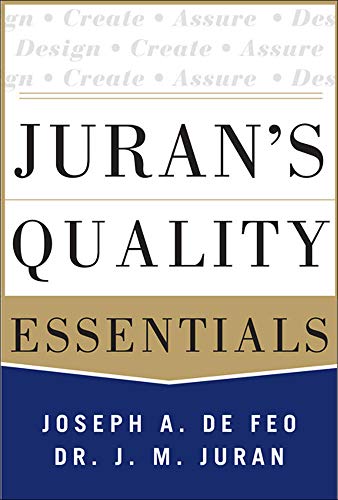
Juran's Quality Essentials A practical, concise guide to improving business performance by properly applying quality management methods "Dr. Juran's wisdom on quality and management is timeless. The tenets of modern quality that were forged by Dr. Juran in the second half of the 20th century are made contemporary by Joe DeFeo's practical experience and application of these principles in hundreds of organizations. This book belongs in the library of every leader who strives for world-class performance and wants to understand the concepts, techniques, and tools that will deliver it." -- PAUL BORAWSKI, Chief Executive Officer, ASQ - The Global Voice of Quality Dr. Joseph Juran was the world's foremost thought leader on improving the financial performance of an organization with "quality management." In this book, Dr. Juran's successor as CEO of Juran Institute, Joseph A. DeFeo, uniquely distills Dr. Juran's life's work on quality with some of today's latest practices into a practical action plan for creating a strong, successful, globally competitive enterprise. Juran's Quality Essentials for Leaders offers succinct, proven methods applicable to any country, company, or industry, from service to manufacturing. This concise guide explains how today's leaders can: Embrace quality and not miss an opportunity to improve performance Lead an organization through sustainable financial change while fostering a culture of quality Stop useless initiatives by aligning goals with the strategic plan Challenge new product or service development methods Create breakthroughs in baseline performance Ensure repeatable and compliant processes Simplify macro processes with business process management Execute benchmarking to sustain market leadership Real-world examples demonstrate the successful application of the methodologies, tools, and techniques presented in the book. This results-oriented resource provides you with a detailed roadmap for leading a quality revolution in your organization. TECHNOLOGY & ENGINEERING,Mechanical
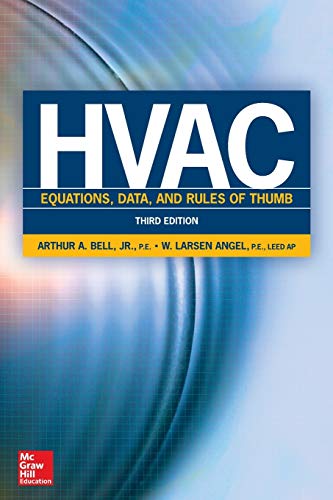
HVAC Equations, Data, and Rules of Thumb, Third Edition This comprehensive volume, often called the “HVAC bible,†has been thoroughly updated to cover the latest code changes, equipment, and techniques HVAC Equations, Data, and Rules of Thumb, 3e offers all of the information an HVAC student or professional needs in one resource. The book thoroughly explains the expansion of piping systems and temperature limitations of new materials such as polyethylene, polypropylene, PVC, CPVC, and PEX. Detailed information is included for all types of facilities, including offices, hotels, hospitals, restaurants, commercial spaces, and computer rooms. This practical handbook reflects all the latest code changes—including the ASHRAE standards—and explains how to interpret and put them to use. It includes completely updated coverage of new pumps, chillers, air handling units, cooling equipment, boilers, and pipe material. You will get complete coverage of sustainability organizations that have become more important since last edition, including LEED, USGBC, Energy Star. Features hundreds of equations and rules for everything from ductwork to air-handling systems Includes a brand-new chapter on sound, vibration, and acoustics Contains an updated list of equipment manufacturers for all products featured TECHNOLOGY & ENGINEERING,Mechanical

Aircraft Propulsion and Gas Turbine Engines The escalating use of aircraft in the 21st century demands a thorough understanding of engine propulsion concepts, including the performance of aero engines. Among other critical activities,gas turbines play an extensive role in electric power generation, and marine propulsion for naval vessels and cargo ships. In the most exhaustive volume to date, this text examines the foundation of aircraft propulsion: aerodynamics interwoven with thermodynamics, heat transfer, and mechanical design. With a finely focused approach, the author devotes each chapter to a particular engine type, such as ramjet and pulsejet, turbojet, and turbofan. Supported by actual case studies, he illustrates engine performance under various operating conditions. Part I discusses the history, classifications, and performance of air breathing engines. Beginning with Leonardo and continuing on to the emergence of the jet age and beyond, this section chronicles inventions up through the 20th century. It then moves into a detailed discussion of different engine types, including pulsejet, ramjet, single- and multi-spool turbojet, and turbofan in both subsonic and supersonic applications. The author discusses Vertical Take Off and Landing aircraft, and provides a comprehensive examination of hypersonic scramjet and turbo ramjet engines. He also analyzes the different types of industrial gas turbines having single-and multi-spool with intercoolers, regenerators, and reheaters. Part II investigates the design of rotating compressors and turbines, and non-rotating components, intakes, combustion chambers, and nozzles for all modern jet propulsion and gas turbine engine systems, along with their performance. Every chapter concludes with illustrative examples followed by a problems section; for greater clarity, some provide a listing of important mathematical relations. TECHNOLOGY & ENGINEERING,Mechanical

Gulf Pump Guides Written by one of the world’s foremost authorities on pumps, this first volume in Gulf PublishingCompany’s Gulf Pump Guides series covers the design, application and troubleshooting forprogressing cavity pumps, downhole pumps and mudmotors. There is no other volume offeringa more comprehensive, easy-to-understand and hands-on coverage of these types of pumps.As they become more and more widely used in the petrochemical industry and other industries,knowledge of their design and application will become increasingly more important for the engineer. TECHNOLOGY & ENGINEERING,Mechanical

The Six Sigma Handbook, Fourth Edition The most complete, current guide to Six Sigma “Best practices in Six Sigma are continuously evolving, just as Six Sigma itself evolved from earlier best practices in quality improvement. …This fourth edition...(features) expanded materials on innovation, strategic development, Lean, and constraint management. …You’ll notice many references to free online materials within the text, such as Excel file templates that can be used for analyzing projects, or videos that provide an in-depth narrative on specific topics. Additional links will be added over time to further extend the learning potential offered by the text, so be sure to regularly check back into the online site at https://www.mhprofessionalresources.com/sites/ssh4/.â€â€”From the Preface by Paul Keller The Six Sigma approach is being used to vastly improve processes, profitability, sustainability, and long-term growth at global organizations of all sizes. Fully revised for the latest developments in the field, The Six Sigma Handbook, Fourth Edition, reveals how to successfully implement this improvement strategy in your company. The book explains how to define and deploy Six Sigma projects focused on key stakeholder requirements and carry out data-driven management. This comprehensive resource walks you through the phases of DMAIC and DMADV and demonstrates how to use the statistical tools and problem-solving techniques of Six Sigma with screenshots of Minitab and Excel applications. The new edition has been updated to include: Two online quizzes for Six Sigma certification, one for Green Belt candidates and one for Black Belt candidates Links to five videos that walk you through specific processes, such as Minitab functions, statistical process control, and how to read a Pareto chart Fully incorporated coverage of Lean methodologies Find out how to select the right personnel to train, achieve technical proficiency, build the best teams, and foster effective leadership. Improve the quality of processes and products in your organization, increase customer satisfaction, and boost profits with help from this definitive guide to Six Sigma. Written by two of the foremost authorities on the subject, this authoritative resource delivers all of the guidance you need to successfully implement Six Sigma. Comprehensive coverage includes: Building the responsive Six Sigma organization Recognizing and capitalizing on opportunity Data-driven management Maximizing resources Project management using DMAIC and DMADV The define phase The measure phase Process behavior charts Measurement systems evaluation The analyze phase The improve/design phase The control/verify phase TECHNOLOGY & ENGINEERING,Mechanical
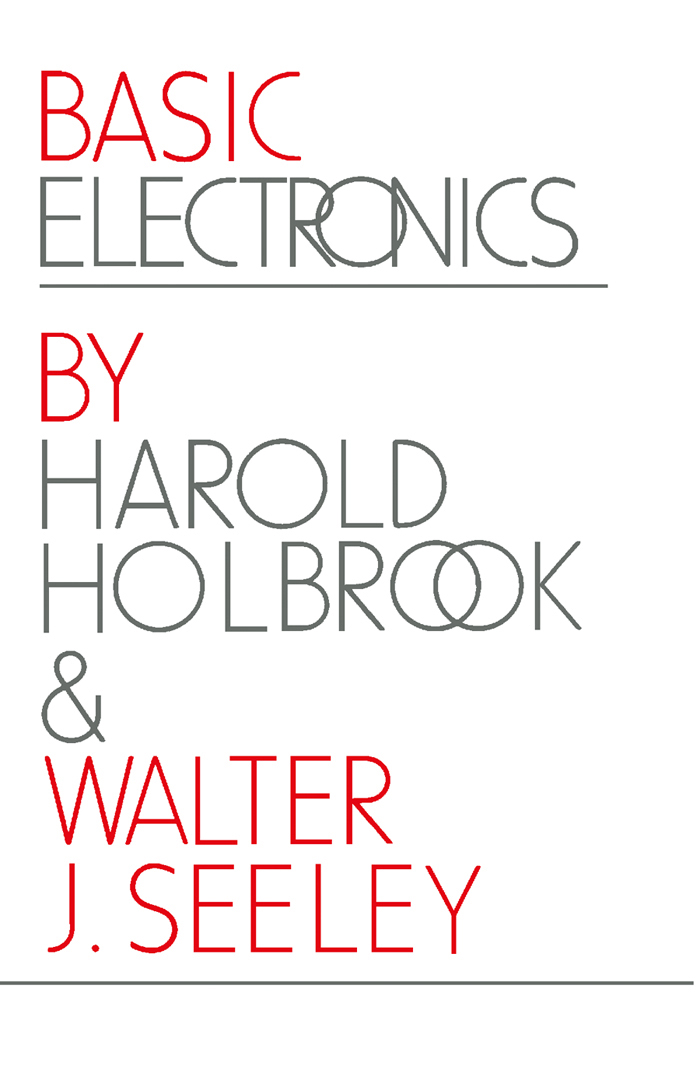
Basic Electronics Basic Electronics is an elementary text designed for basic instruction in electricity and electronics. It gives emphasis on electronic emission and the vacuum tube and shows transistor circuits in parallel with electron tube circuits. This book also demonstrates how the transistor merely replaces the tube, with proper change of circuit constants as required. Many problems are presented at the end of each chapter. This book is comprised of 17 chapters and opens with an overview of electron theory, followed by a discussion on resistance, inductance, and capacitance, along with their effects on the currents flowing in circuits under constant applied voltages. Resistances, inductances, and capacitances in series and parallel are considered. The following chapters focus on impedance and factors affecting impedance; electronics and electron tubes; semiconductors and transistors; basic electronic circuits; and basic amplifier circuits. Tuned circuits, basic oscillator circuits, and electronic power supplies are also described, together with transducers, antennas, and modulators and demodulators. This monograph will serve as background training in theory for electronic technicians and as fundamental background for students who wish to go deeper into the more advanced aspects of electronics. TECHNOLOGY & ENGINEERING,Mechanical
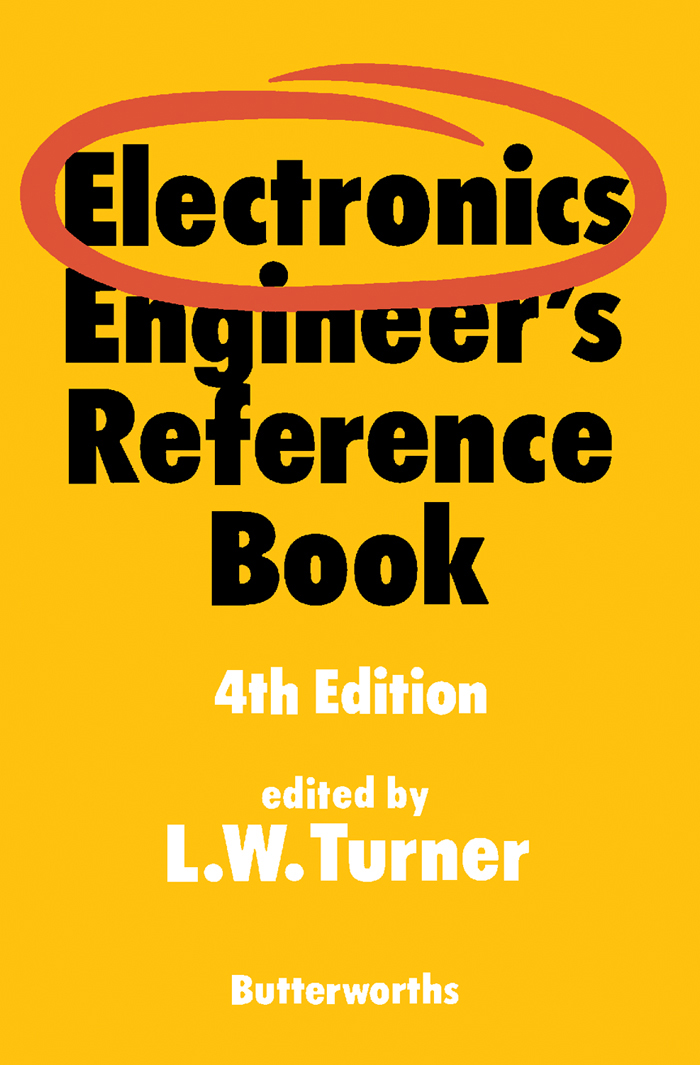
Electronics Engineer's Reference Book Electronics Engineer’s Reference Book, 4th Edition is a reference book for electronic engineers that reviews the knowledge and techniques in electronics engineering and covers topics ranging from basics to materials and components, devices, circuits, measurements, and applications. This edition is comprised of 27 chapters; the first of which presents general information on electronics engineering, including terminology, mathematical equations, mathematical signs and symbols, and Greek alphabet and symbols. Attention then turns to the history of electronics; electromagnetic and nuclear radiation; the influence of the ionosphere and the troposphere on the propagation of radio waves; and basic electronic circuits. The reader is also introduced to devices such as electron valves and tubes, integrated circuits, and solid-state devices. The remaining chapters focus on other areas of electronics engineering, including sound and video recording; electronic music and radio astronomy; and applications of electronics in weather forecasting, space exploration, and education. This book will be of value to electronics engineers and professionals in other engineering disciplines, as well as to scientists, students, management personnel, educators, and readers with a general interest in electronics and their applications. TECHNOLOGY & ENGINEERING,Mechanical

The IEE Wiring Regulations Explained and Illustrated The IEE Wiring Regulations Explained and Illustrated, Second Edition discusses the recommendations of the IEE Regulations for the Electrical Equipment of Buildings for the safe selection or erection of wiring installations. The book emphasizes earthing, bonding, protection, and circuit design of electrical wirings. The text reviews the fundamental requirements for safety, earthing systems, the earth fault loop impedance, and supplementary bonding. The book also describes the different types of protection, such as protection against mechanical damage, overcurrent, under voltage (which prevents automatic restarting of machinery and devices in the event of a voltage drop). The text explains in detail the stages of the designing process of electrical installation that include the design current, protection rating, correction factors, cable current-carrying capacity, cable size, voltage drop, shock risk constraints, and thermal constraints. The electrician should test the finished installation before energizing it by following a sequence of tests recommended in the Regulations. The book is suitable for electricians, technicians, building foreman, house contractors, as well as for students studying to be licensed electricians and technicians. TECHNOLOGY & ENGINEERING,Mechanical
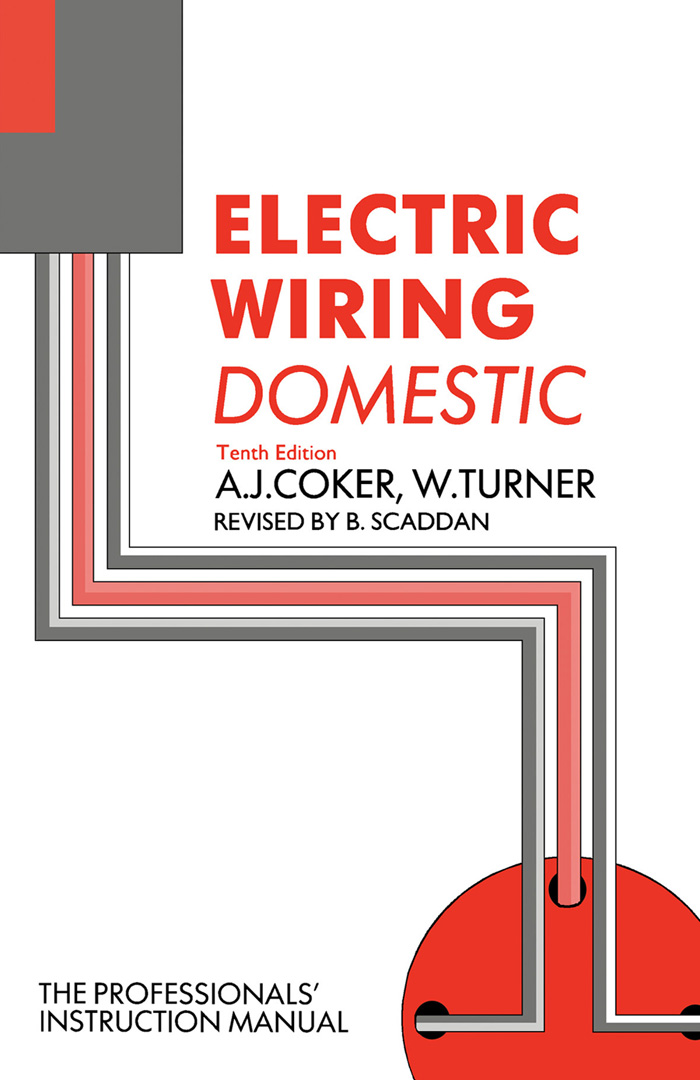
Electric Wiring Electric Wiring: Domestic, Tenth Edition, is a clear and reliable guide to the practical aspects of domestic electric wiring. Intended for electrical contractors, installation engineers, wiremen and students, its aim is to provide essential up to date information on modern methods and materials in a simple, clear, and concise manner. The main changes in this edition are those necessary to bring the work into line with the 16th Edition of the Regulations for Electrical Installations issued by the Institution of Electrical Engineers. The book begins by introducing the basic features of domestic installations and explaining power and current ratings, cable and accessory sizes, and circuit protection; and the fitting of switches, fuses, circuit-breakers, etc. Separate chapters deal with the main types of domestic wiring work, including lighting, power, socket-outlets, and the connection of appliances. Fluorescent lighting and 'off-peak' electric heating systems are also covered. Subsequent chapters discuss the principal wiring systems available for domestic use, including steel and PVC conduit, PVC cable, and the mineral-insulated copper-sheathed system; the earthing requirements and the protective multiple earthing (PME) system which is being more widely applied; and earth-leakage circuit-breakers. The final chapter explains the inspection and tests required on completed installations, including the earth-fault loop-impedance and ring-circuit continuity tests which are now covered in greater detail in the Regulations. TECHNOLOGY & ENGINEERING,Mechanical
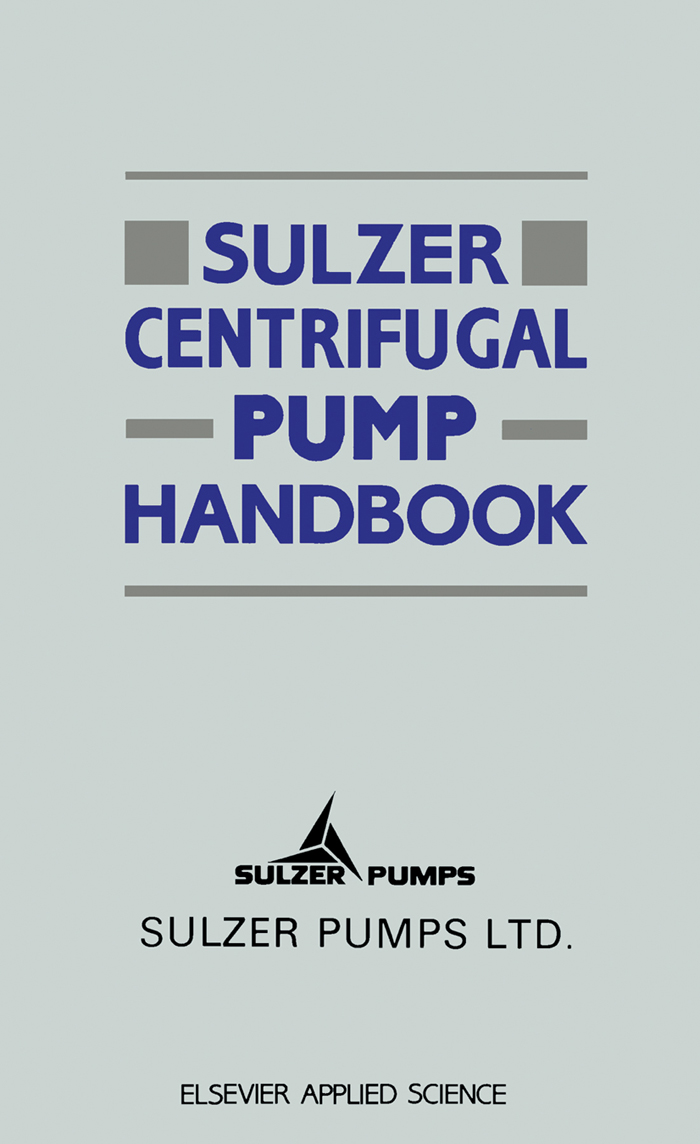
Sulzer Centrifugal Pump Handbook All the experience of the research team from one of the world's foremost pump manufacturers - Sulzer, featuring the lastest in pump design and construction. TECHNOLOGY & ENGINEERING,Mechanical
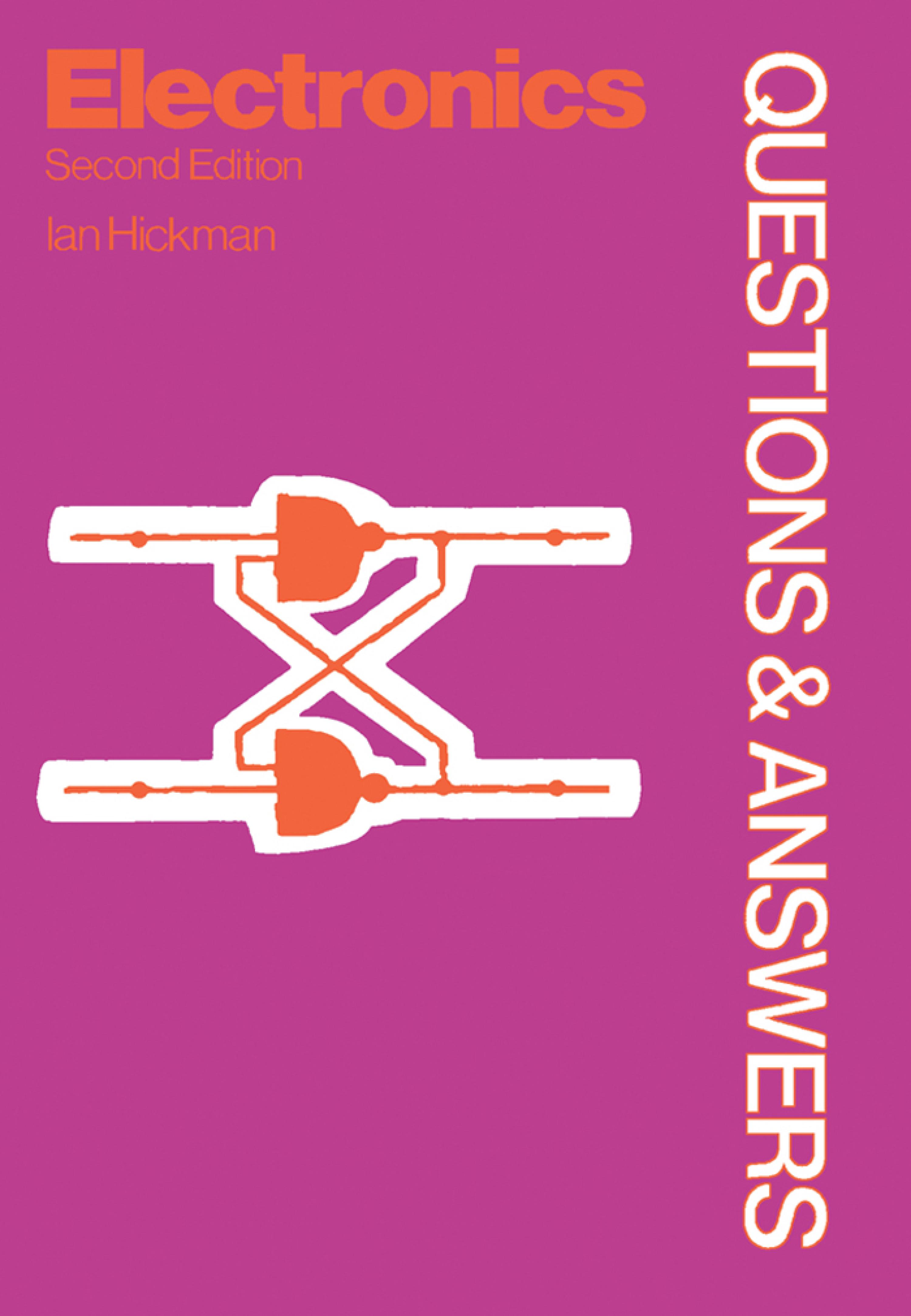
Electronics Electronics, Second Edition deals with the behavior, properties, and control of electrons. The book discusses the basis of electronics technology—the electron, electric current, conductors, semi-conductors, insulators, current flow, and the relationship between the electromotive force (e.m.f.) and current. It also explains amplitude, frequency, wavelength, phase, harmonics, modulation, and ultrasonic waves. The book describes the main components of a simple amplifier, the frequencies it can handle (20 Hz to 20 kHz, or higher depending on what it is connected to its output), or if it can drive a loudspeaker (no, but it is suitable for high-impedance headphones). It explains how signals are generated such as sine waves, square waves, pulses, sawtooth; modifying another signal can also generate a particular waveform. It also discusses the principles of radio and television, radar, microwave, the distinguishing feature of a digital circuit, as well as the operation of a remote control TV. The book is suitable for radio technicians, engineers, apprentices, hobbyists, and students of electrical engineering or electronics. TECHNOLOGY & ENGINEERING,Mechanical
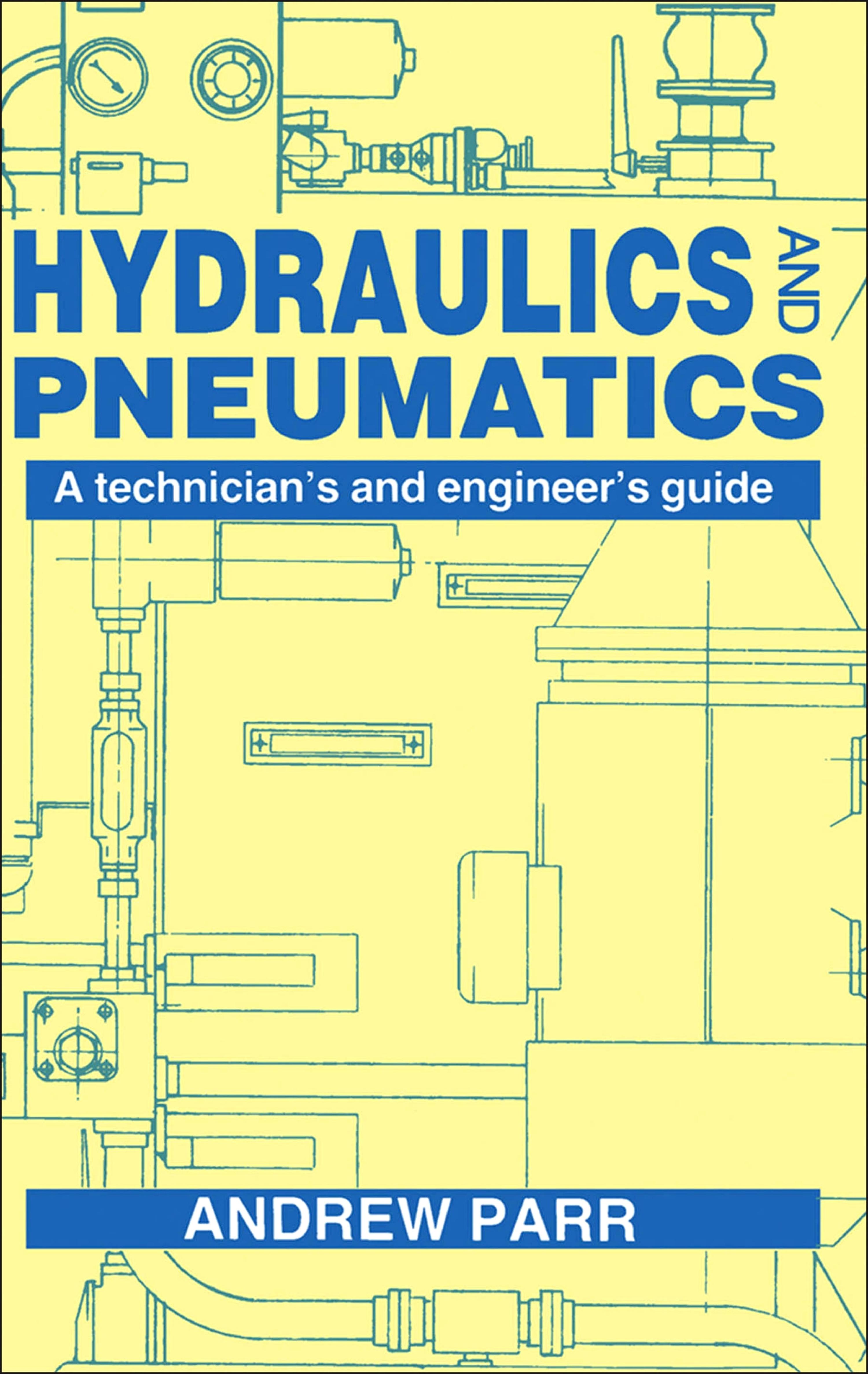
Hydraulics and Pneumatics Hydraulics and Pneumatics: A Technician's and Engineer's Guide provides an introduction to the components and operation of a hydraulic or pneumatic system. This book discusses the main advantages and disadvantages of pneumatic or hydraulic systems. Organized into eight chapters, this book begins with an overview of industrial prime movers. This text then examines the three different types of positive displacement pump used in hydraulic systems, namely, gear pumps, vane pumps, and piston pumps. Other chapters consider the pressure in a hydraulic system, which can be quickly and easily controlled by devices such as unloading and pressure regulating valves. This book discusses as well the importance of control valves in pneumatic and hydraulic systems to regulate and direct the flow of fluid from compressor or pump to the various load devices. The final chapter deals with the safe-working practices of the systems. This book is a valuable resource for process control engineers. TECHNOLOGY & ENGINEERING,Mechanical
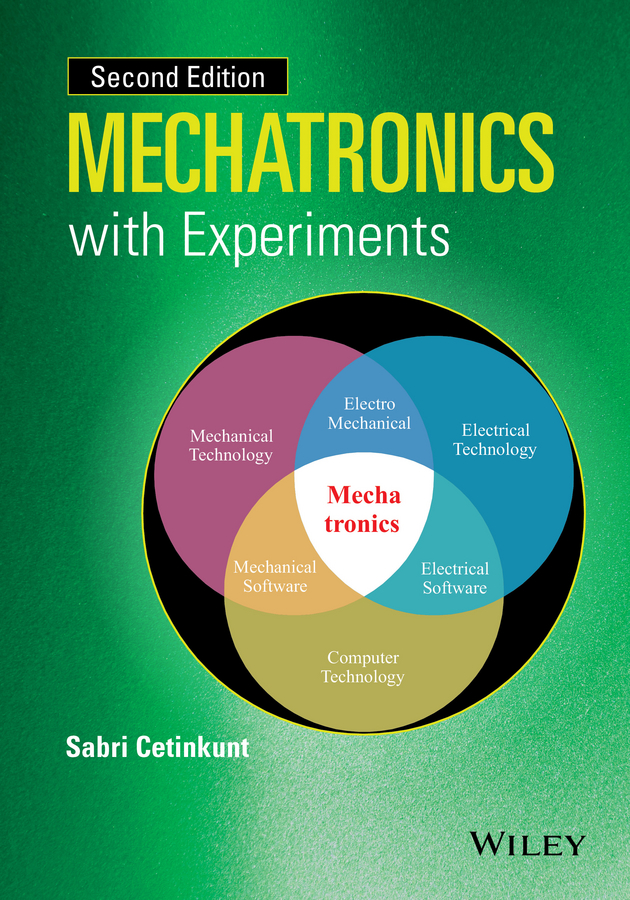
Mechatronics with Experiments Comprehensively covers the fundamental scientific principles and technologies that are used in the design of modern computer-controlled machines and processes. Covers embedded microcontroller based design of machines Includes MATLAB®/Simulink®-based embedded control software development Considers electrohydraulic motion control systems, with extensive applications in construction equipment industry Discusses electric motion control, servo systems, and coordinated multi-axis automated motion control for factory automation applications Accompanied by a website hosting a solution manual TECHNOLOGY & ENGINEERING,Mechanical
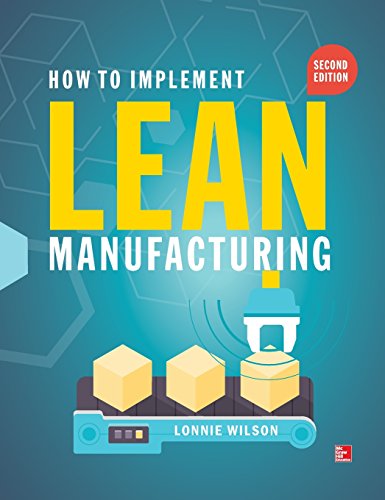
How To Implement Lean Manufacturing, Second Edition Cutting-edge Lean manufacturing strategies Thoroughly updated with the latest trends and new global case studies, How to Implement Lean Manufacturing, Second Edition, explains how to implement this powerful formula for eliminating waste, controlling quality and inventory, and improving overall performance across an enterprise environment. The book addresses the engineering and production aspects as well as the business culture challenges. This practical guide describes the Toyota Production System (TPS) and specifies the distinct order in which Lean techniques should be applied to achieve maximum gains. By using the proven methods in this definitive resource, you can implement a successful Lean transformation in your organization. Find how to: Create and deploy enterprise-wide strategies and goals Improve speed and quality and dramatically lower costs Reduce variation in the manufacturing system in order to reduce inventory Reduce lead times to improve responsiveness and flexibility Sustain process gains Perform system-wide value-stream evaluations Manage constraints and reduce bottlenecks Implement cellular manufacturing New material in the Second Edition reveals how to: Avoid the typical management pitfalls and implementation errors that virtually guarantee a Lean transformation will fail Implement the new skills of Lean leadership, including its six key elements Shape and manage your culture using the five cultural change leading indicators TECHNOLOGY & ENGINEERING,Mechanical
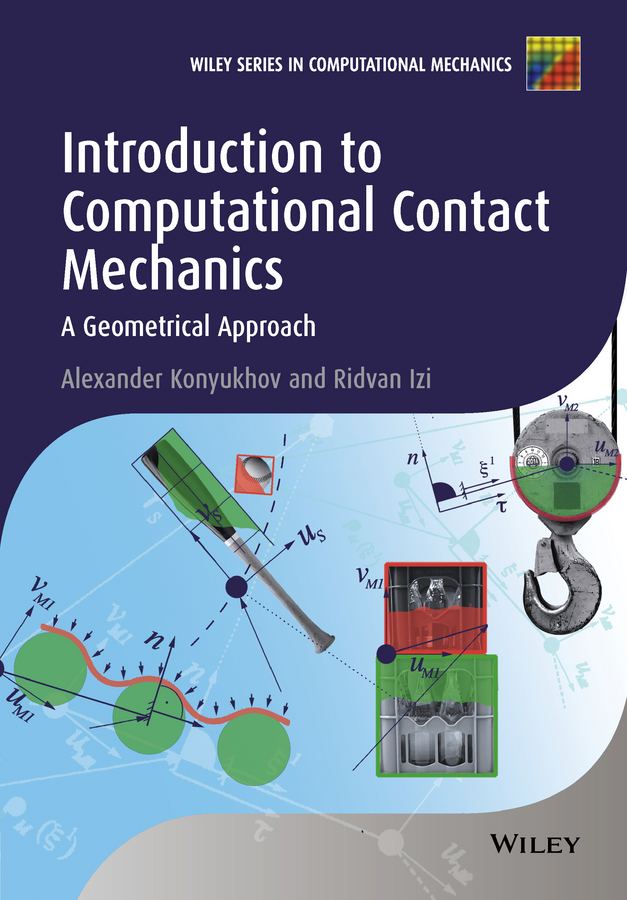
Introduction to Computational Contact Mechanics Introduction to Computational Contact Mechanics: A Geometrical Approach covers the fundamentals of computational contact mechanics and focuses on its practical implementation. Part one of this textbook focuses on the underlying theory and covers essential information about differential geometry and mathematical methods which are necessary to build the computational algorithm independently from other courses in mechanics. The geometrically exact theory for the computational contact mechanics is described in step-by-step manner, using examples of strict derivation from a mathematical point of view. The final goal of the theory is to construct in the independent approximation form /so-called covariant form, including application to high-order and isogeometric finite elements. The second part of a book is a practical guide for programming of contact elements and is written in such a way that makes it easy for a programmer to implement using any programming language. All programming examples are accompanied by a set of verification examples allowing the user to learn the research verification technique, essential for the computational contact analysis. Key features: Covers the fundamentals of computational contact mechanics Covers practical programming, verification and analysis of contact problems Presents the geometrically exact theory for computational contact mechanics Describes algorithms used in well-known finite element software packages Describes modeling of forces as an inverse contact algorithm Includes practical exercises Contains unique verification examples such as the generalized Euler formula for a rope on a surface, and the impact problem and verification of thå percussion center Accompanied by a website hosting software Introduction to Computational Contact Mechanics: A Geometrical Approach is an ideal textbook for graduates and senior undergraduates, and is also a useful reference for researchers and practitioners working in computational mechanics. TECHNOLOGY & ENGINEERING,Mechanical

The Global Airline Industry Extensively revised and updated edition of the bestselling textbook, provides an overview of recent global airline industry evolution and future challenges Examines the perspectives of the many stakeholders in the global airline industry, including airlines, airports, air traffic services, governments, labor unions, in addition to passengers Describes how these different players have contributed to the evolution of competition in the global airline industry, and the implications for its future evolution Includes many facets of the airline industry not covered elsewhere in any single book, for example, safety and security, labor relations and environmental impacts of aviation Highlights recent developments such as changing airline business models, growth of emerging airlines, plans for modernizing air traffic management, and opportunities offered by new information technologies for ticket distribution Provides detailed data on airline performance and economics updated through 2013 TECHNOLOGY & ENGINEERING,Mechanical

Engineering Mechanics Known for its accuracy, clarity, and dependability, Meriam & Kraige's Engineering Mechanics: Dynamics has provided a solid foundation of mechanics principles for more than 60 years. Now in its seventh edition, the text continues to help students develop their problem-solving skills with an extensive variety of engaging problems related to engineering design. More than 50% of the homework problems are new, and there are also a number of new sample problems. To help students build necessary visualization and problem-solving skills, the text strongly emphasizes drawing free-body diagrams-the most important skill needed to solve mechanics problems. TECHNOLOGY & ENGINEERING,Mechanical
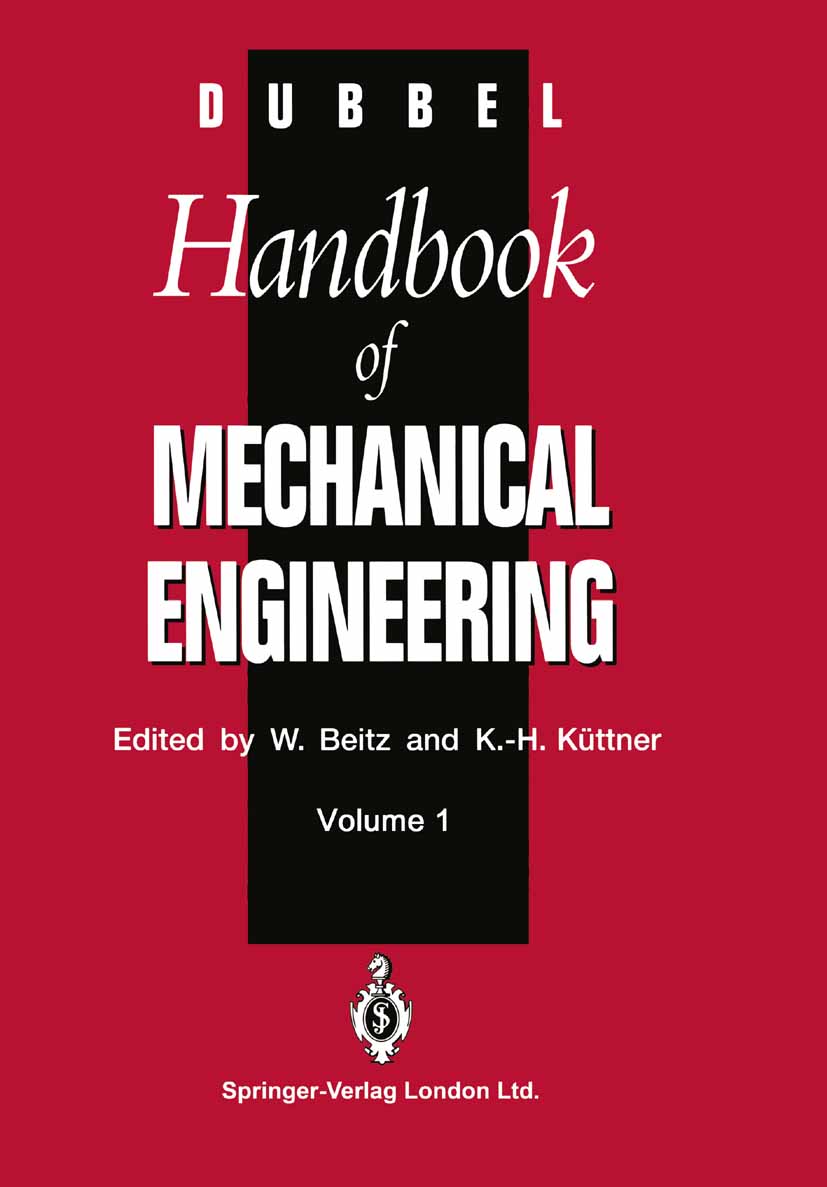
DUBBEL - Handbook of Mechanical Engineering DUBBEL's Handbook of Mechanical Engineering has provided generations of German speaking engineers with a comprehensive source of guidance and reference on which they can rely throughout their professional lives. The key sections of this standard work are now available for the first time in English. Each subject is discussed in detail and supported by numerous figures and tables. DIN standards are retained throughout but ISO equivalents are given where possible. The text offers a concise but detailed and authoritative treatment of the topics with full references. Contents: Mechanics, Strength of Materials, Thermodynamics, Engineering Design, Hydraulic and Pneumatic Power Transmission, Components of Thermal Apparatus, Machine Dynamics and Components, Manufacturing Process and Systems. TECHNOLOGY & ENGINEERING,Mechanical
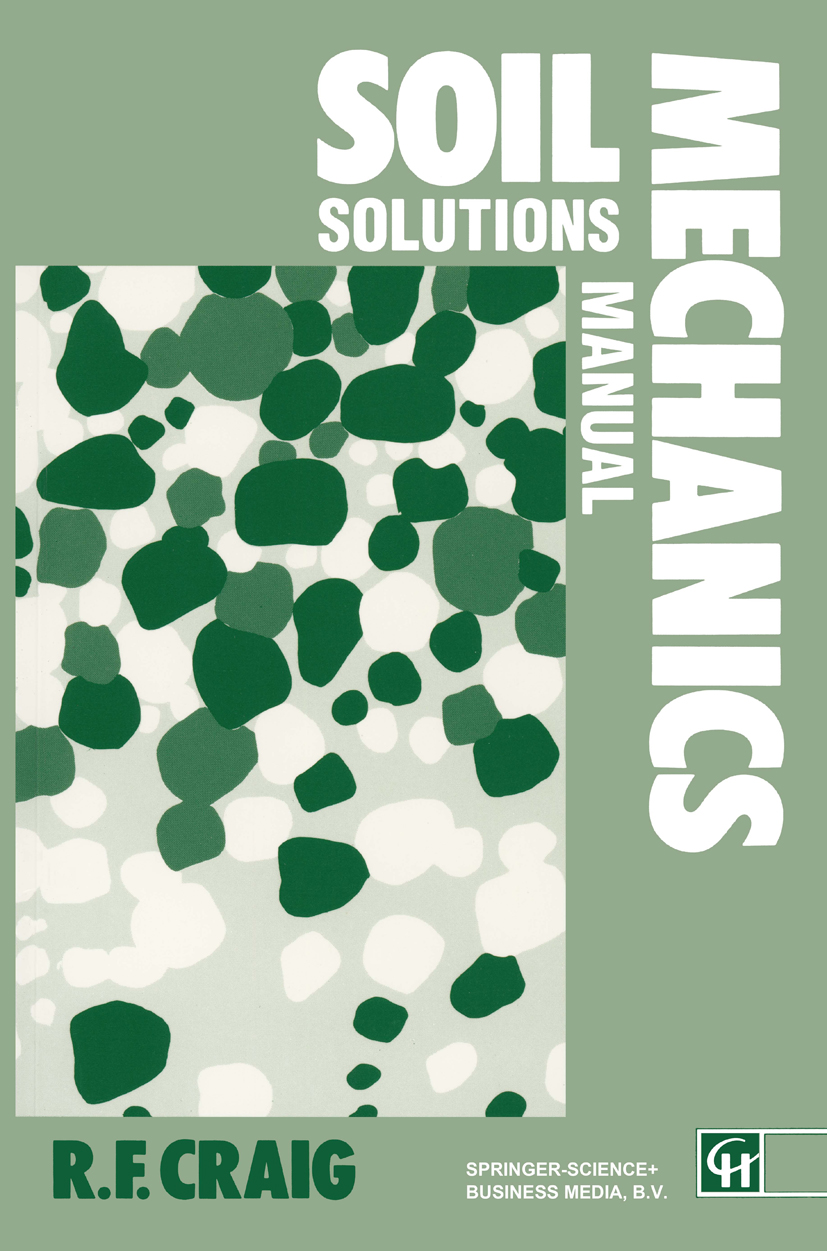
Soil Mechanics TECHNOLOGY & ENGINEERING,Mechanical
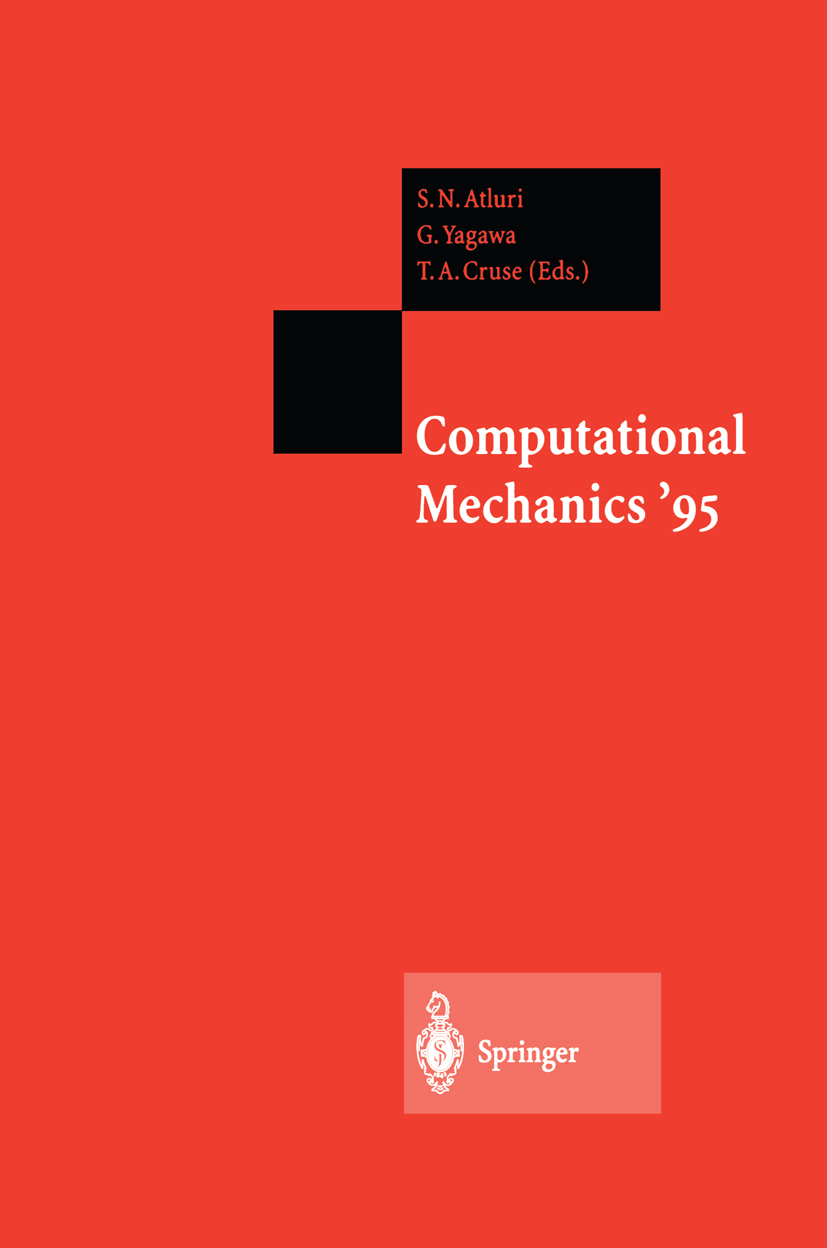
Computational Mechanics ’95 AI!, in the earlier conferences (Tokyo, 1986; Atlanta, 1988, Melbourne, 1991; and Hong Kong, 1992) the response to the call for presentations at ICES-95 in Hawaii has been overwhelming. A very careful screening of the extended abstracts resulted in about 500 paper being accepted for presentation. Out of these, written versions of about 480 papers reached the conference secretariat in Atlanta in time for inclusion in these proceedings. The topics covered at ICES-95 range over the broadest spectrum of computational engineering science. The editors thank the international scientific committee, for their advice and encouragement in making ICES-95 a successful scientific event. Special thanks are expressed to the International Association for Boundary Elements Methods for hosting IABEM-95 in conjunction with ICES-95. The editors here express their deepest gratitude to Ms. Stacy Morgan for her careful handling of a myriad of details of ICES-95, often times under severe time constraints. The editors hope that the readers of this proceedings will find a kaleidoscopic view of computational engineering in the year 1995, as practiced in various parts of the world. Satya N. Atluri Atlanta, Georgia, USA Genki Yagawa Tokyo,Japan Thomas A. Cruse Nashville, TN, USA Organizing Committee Professor Genki Yagawa, University of Tokyo, Japan, Chair Professor Satya Atluri, Georgia Institute of Technology, U.S.A. TECHNOLOGY & ENGINEERING,Mechanical
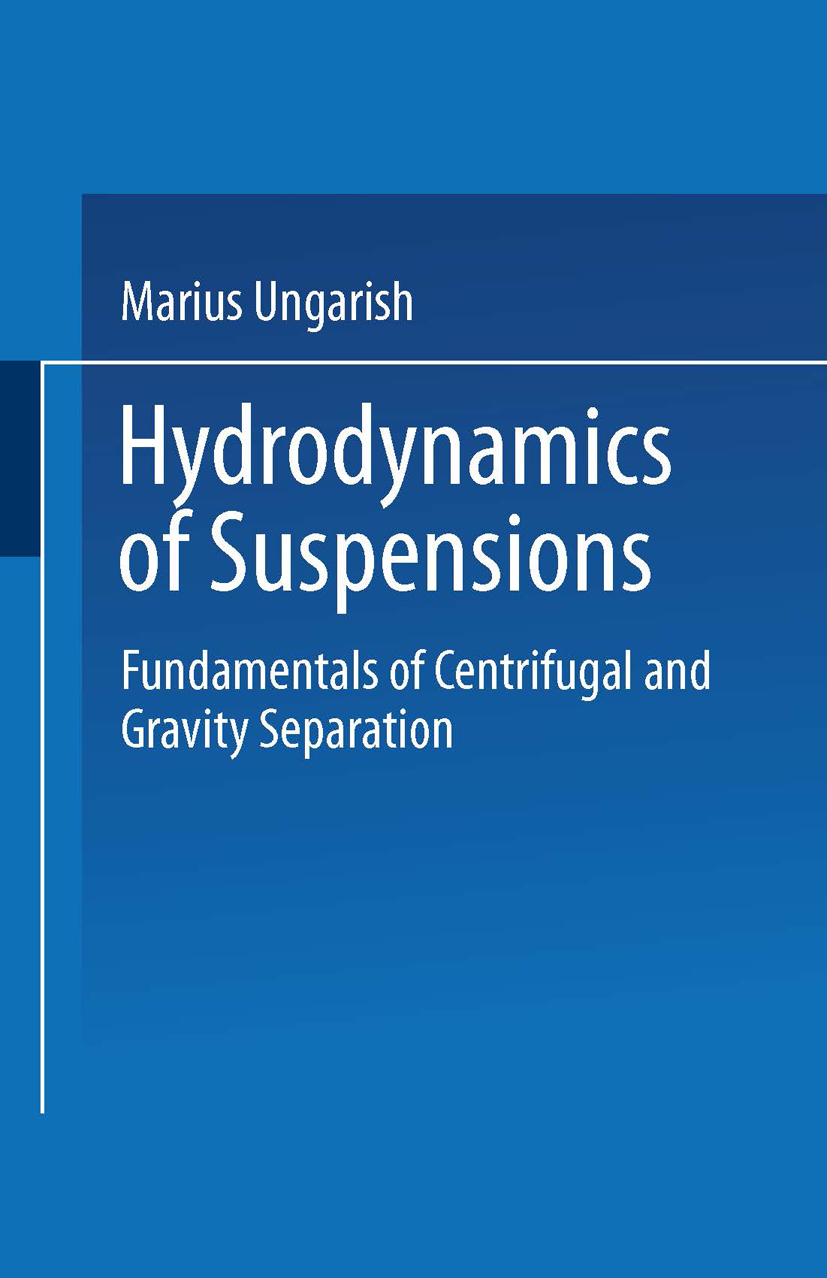
Hydrodynamics of Suspensions Attention is focused on a suspension of buoyant particles(or droplets) in acontinuous fluid. In the presence of aforce field, gravitational or centrifugal, and exposed toordinary boundary constraints, a variety of fascinatingflows can be obtained. These motions are essential ingre-dients in the widely used separation technology, where im-provedand new designs may be beneficial, but they are alsointeresting from a broader, academic point of view. Inthese respects, the recent investigations on these flowspatterns, their underlying mechanisms and mathematicalmodeling - have accrued to a significant, relevant body ofknowledge. The main objective of this book is to summarize -in a systematic, coherent and consistent fashion - thetheoretical up to date contributions which seem fundamentalin understanding, simulation and development of the subject. TECHNOLOGY & ENGINEERING,Mechanical

Heat Transfer in Condensation and Boiling I welcome the opportunity to have my book translated, because of the great emphasis on two-phase flow and heat transfer in the English-speaking world, as related to research, university education, and industrial practice. The 1988 Springer-Verlag edition of "Warmeiibergang beim Kondensieren und beim Sieden" has been enlarged to include additional material on falling film evaporation (Chapter 12) and pressure drop in two-phase flow (Chapter 13). Minor errors in the original text have also been corrected. I would like to express my sincere appreciation to Professor Green, Asso ciate Professor of German at Rensselaer, for his excellent translation and co operation. My thanks go also to Professor Bergles for his close attention to technical and linguistic details. He carefully read the typescript and made many comments and suggestions that helped to improve the manuscript. I hope that the English edition will meet with' a favorable reception and contribute to better understanding and to progress in the field of heat transfer in condensation and boiling. February 1992 K. Stephan Preface to the German-Language Edition This book is a continuation of the series "Heat and Mass Transfer" edited by U. Grigull, in which three volumes have already been published. Its aim is to acquaint students and practicing engineers with heat transfer during condensa tion and boiling, and is intended primarily for students and engineers in mechanical, chemical, electrical, and industrial processing engineering. TECHNOLOGY & ENGINEERING,Mechanical
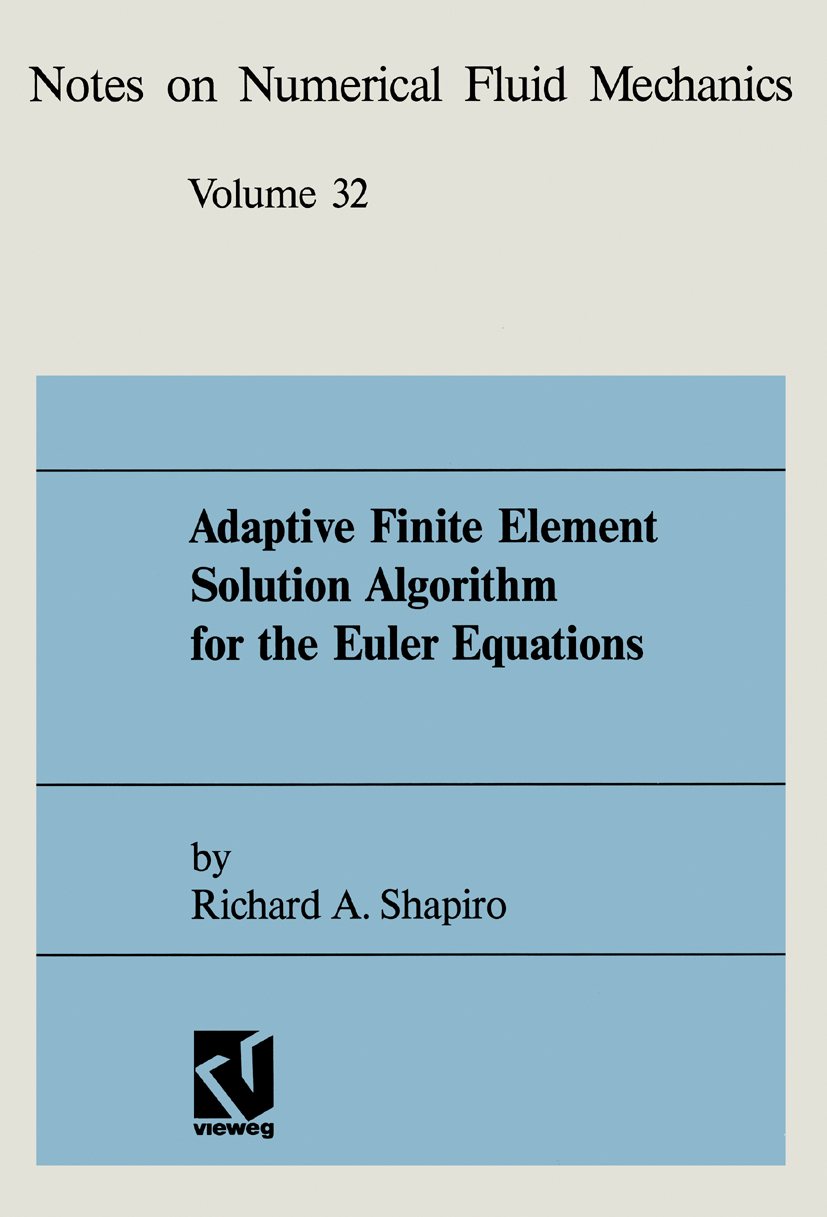
Adaptive Finite Element Solution Algorithm for the Euler Equations This monograph is the result of my PhD thesis work in Computational Fluid Dynamics at the Massachusettes Institute of Technology under the supervision of Professor Earll Murman. A new finite element al gorithm is presented for solving the steady Euler equations describing the flow of an inviscid, compressible, ideal gas. This algorithm uses a finite element spatial discretization coupled with a Runge-Kutta time integration to relax to steady state. It is shown that other algorithms, such as finite difference and finite volume methods, can be derived using finite element principles. A higher-order biquadratic approximation is introduced. Several test problems are computed to verify the algorithms. Adaptive gridding in two and three dimensions using quadrilateral and hexahedral elements is developed and verified. Adaptation is shown to provide CPU savings of a factor of 2 to 16, and biquadratic elements are shown to provide potential savings of a factor of 2 to 6. An analysis of the dispersive properties of several discretization methods for the Euler equations is presented, and results allowing the prediction of dispersive errors are obtained. The adaptive algorithm is applied to the solution of several flows in scramjet inlets in two and three dimensions, demonstrat ing some of the varied physics associated with these flows. Some issues in the design and implementation of adaptive finite element algorithms on vector and parallel computers are discussed. TECHNOLOGY & ENGINEERING,Mechanical

Cryogenic Regenerative Heat Exchangers An in-depth survey of regenerative heat exchangers, this book chronicles the development and recent commercialization of regenerative devices for cryogenic applications. Chapters cover historical background, concepts, practical applications, design data, and numerical solutions, providing the latest information for engineers to develop advanced cryogenic machines. The discussions include insights into the operation of a regenerator; descriptions of the cyclic and fluid temperature distributions in a regenerator; data for various matrix geometries and materials, including coarse and fine bronze, stainless steel-woven wire mesh screens, and lead spheres; and unique operating features of cryocoolers that produce deviations from ideal regenerator theory. TECHNOLOGY & ENGINEERING,Mechanical
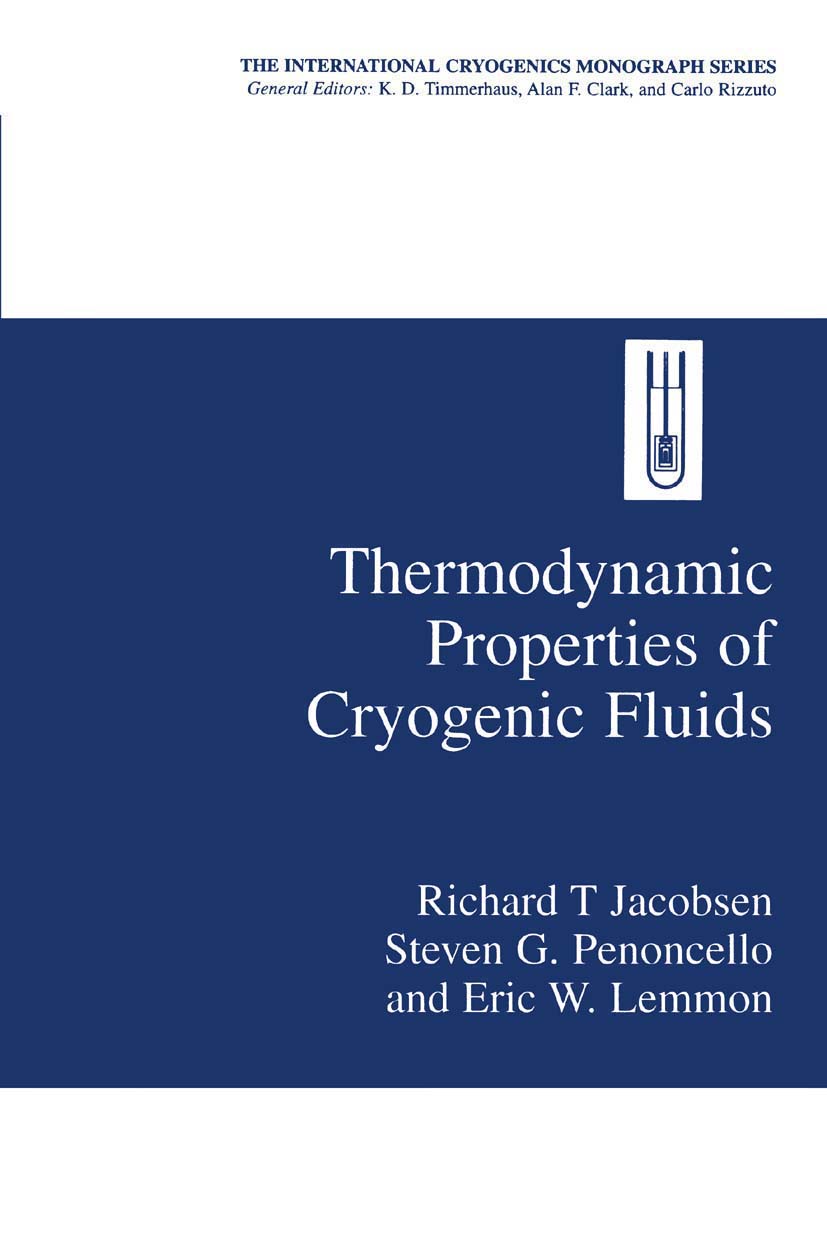
Thermodynamic Properties of Cryogenic Fluids Practicing engineers and scientist will benefit from this book's presentation of the most accurate information on the subject. The equations for fifteen important cryogenic fluids are presented in a basic format, accompanied by pressure-enthalpy and temperature-entropy charts and tables of thermodynamic properties. The book is supported by ICMPROPRS - an interactive computer program for the calculation of thermodynamic properties of the cryogenic fluids - that can be downloaded from the World Wide Web. TECHNOLOGY & ENGINEERING,Mechanical
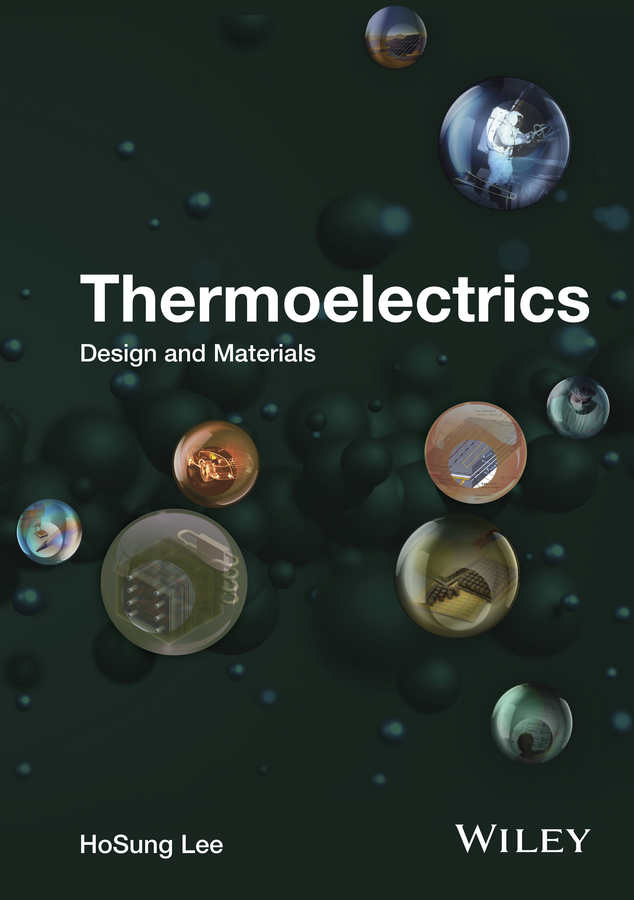
Thermoelectrics Thermoelectrics: Design and Materials HoSung Lee, Western Michigan University, USA A comprehensive guide to the basic principles of thermoelectrics Thermoelectrics plays an important role in energy conversion and electronic temperature control. The book comprehensively covers the basic physical principles of thermoelectrics as well as recent developments and design strategies of materials and devices. The book is divided into two sections: the first section is concerned with design and begins with an introduction to the fast developing and multidisciplinary field of thermoelectrics. This section also covers thermoelectric generators and coolers (refrigerators) before examining optimal design with dimensional analysis. A number of applications are considered, including solar thermoelectric generators, thermoelectric air conditioners and refrigerators, thermoelectric coolers for electronic devices, thermoelectric compact heat exchangers, and biomedical thermoelectric energy harvesting systems. The second section focuses on materials, and covers the physics of electrons and phonons, theoretical modeling of thermoelectric transport properties, thermoelectric materials, and nanostructures. Key features: Provides an introduction to a fast developing and interdisciplinary field. Includes detailed, fundamental theories. Offers a platform for advanced study. Thermoelectrics: Design and Materials is a comprehensive reference ideal for engineering students, as well as researchers and practitioners working in thermodynamics. Cover designed by Yujin Lee TECHNOLOGY & ENGINEERING,Mechanical
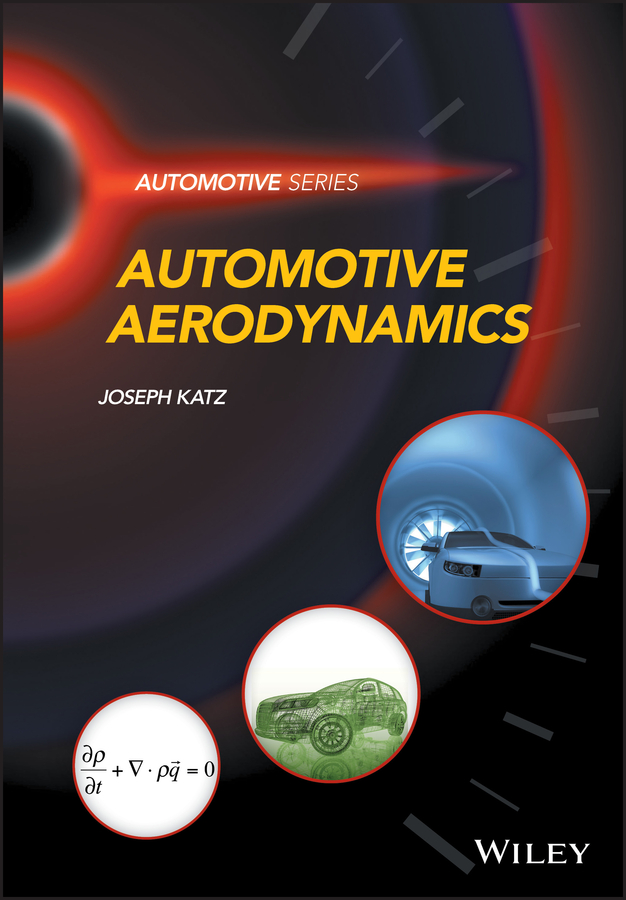
Automotive Aerodynamics The automobile is an icon of modern technology because it includes most aspects of modern engineering, and it offers an exciting approach to engineering education. Of course there are many existing books on introductory fluid/aero dynamics but the majority of these are too long, focussed on aerospace and don’t adequately cover the basics. Therefore, there is room and a need for a concise, introductory textbook in this area. Automotive Aerodynamics fulfils this need and is an introductory textbook intended as a first course in the complex field of aero/fluid mechanics for engineering students. It introduces basic concepts and fluid properties, and covers fluid dynamic equations. Examples of automotive aerodynamics are included and the principles of computational fluid dynamics are introduced. This text also includes topics such as aeroacoustics and heat transfer which are important to engineering students and are closely related to the main topic of aero/fluid mechanics. This textbook contains complex mathematics, which not only serve as the foundation for future studies but also provide a road map for the present text. As the chapters evolve, focus is placed on more applicable examples, which can be solved in class using elementary algebra. The approach taken is designed to make the mathematics more approachable and easier to understand. Key features: Concise textbook which provides an introduction to fluid mechanics and aerodynamics, with automotive applications Written by a leading author in the field who has experience working with motor sports teams in industry Explains basic concepts and equations before progressing to cover more advanced topics Covers internal and external flows for automotive applications Covers emerging areas of aeroacoustics and heat transfer Automotive Aerodynamics is a must-have textbook for undergraduate and graduate students in automotive and mechanical engineering, and is also a concise reference for engineers in industry. TECHNOLOGY & ENGINEERING,Mechanical

Steam Plant Operation, 10th Edition The definitive reference on the role of steam in the production and operation of power plants for electric generation and industrial process applications For more than 80 years, Steam Plant Operation has been an unmatched source of information on steam power plants, including design, operation, and maintenance. The Tenth Edition emphasizes the importance of devising a comprehensive energy plan utilizing all economical sources of energy, including fossil fuels, nuclear power, and renewable energy sources. This trusted classic discusses the important role that steam plays in our power production and identifies the associated risks and potential problems of other energy sources. You will find concise explanations of key concepts, from fundamentals through design and operation. For energy students, Steam Plant Operation provides a solid introduction to steam power plant technology. This practical guide includes common power plant calculations such as plant heat rate, boiler efficiency, pump performance, combustion processes, and explains the systems necessary to control plant emissions. Numerous illustrations and clear presentation of the material will prove invaluable for those preparing for an operator’s license exam. Examples throughout show real-world application of the topics discussed. COVERAGE INCLUDES: • Steam and Its Importance• Boilers• Design and Construction of Boilers• Combustion of Fuels• Boiler Settings, Combustion Systems, and Auxiliary Equipment• Boiler Accessories• Operation and Maintenance of Boilers• Pumps• Steam Turbines, Condensers, and Cooling Towers• Operating and Maintaining Steam Turbines, Condensers, Cooling Towers, and Auxiliaries• Auxiliary Steam Plant Equipment• Environmental Control Systems• Waste-to-Energy Plants TECHNOLOGY & ENGINEERING,Mechanical
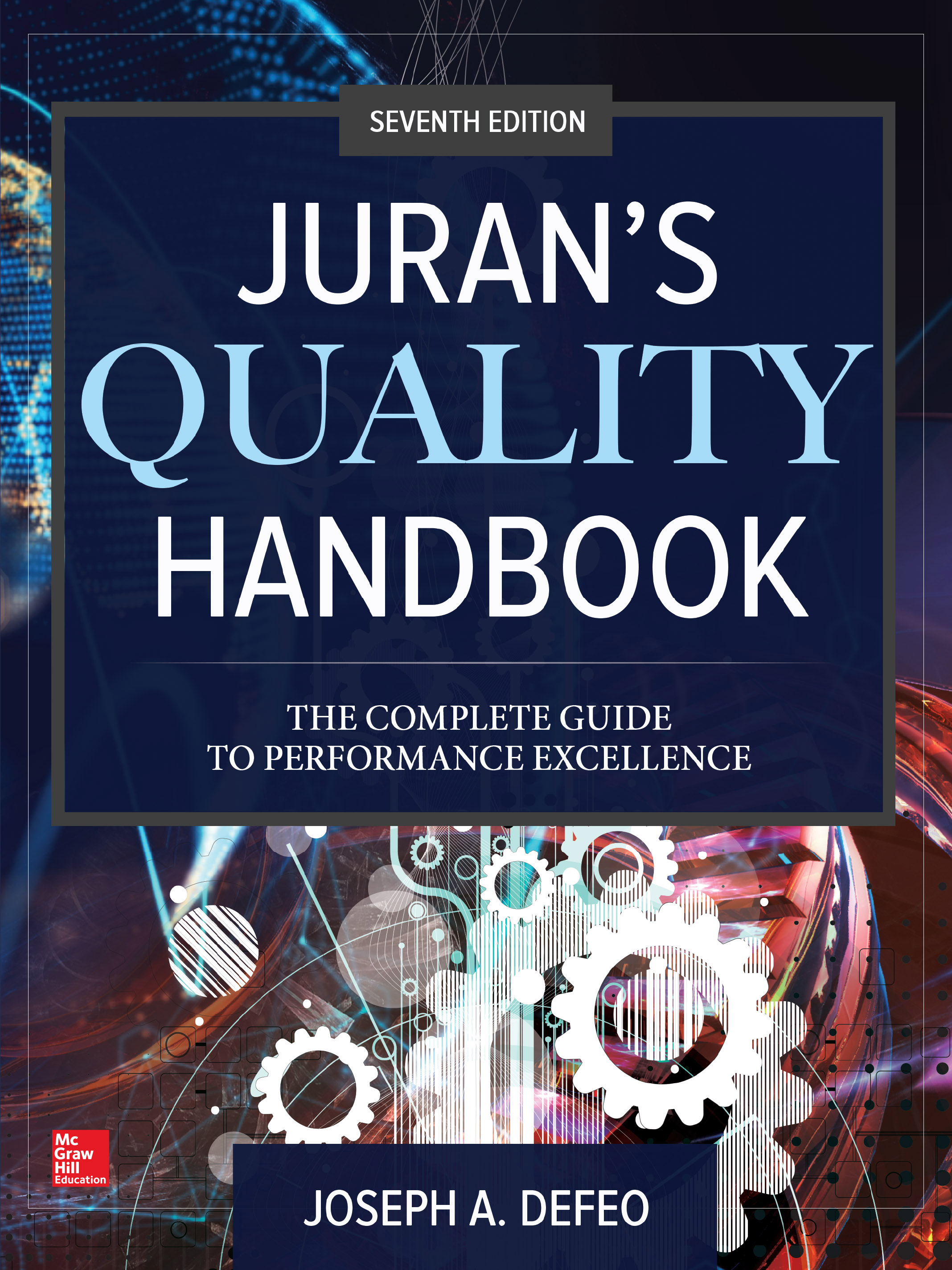
Juran's Quality Handbook The cornerstone text onquality management and performance excellence – thoroughly revised to reflectthe latest challenges and developments The “body of knowledge†for the science ofquality management and performance excellence for more than half-a-century, Juran’s Quality Handbook has been completely updated to meetthe ever-changing needs of today’s business and quality professionals. Underthe guidance of a team of top experts, this authoritative resource demonstrateshow to apply the right methods for delivering superior results and achievingexcellence in any organization, industry, or country. Juran’s Quality Handbook, Seventh Edition provides you with a complete roadmap forthe discipline -- clearly written to make sure you know where you are in theprocess and what you must do to reach the next level. Within its pages, youwill find A-Z coverage – from key concepts, methods, research, and tools topractical applications on the job. Here’s why this is the best edition yet:• Updated chapters on Lean, Six Sigma and the Shingo Prize• NEW chapters on Risk Management and Building a Quality Management System• NEW material on the history of quality management• All ISO and other regulatory standards have been updated• NEW statistical tables, charts, and data• Examples and case studies throughout demonstrate how others have appliedthe methods and tools discussed in real-world situations TECHNOLOGY & ENGINEERING,Mechanical
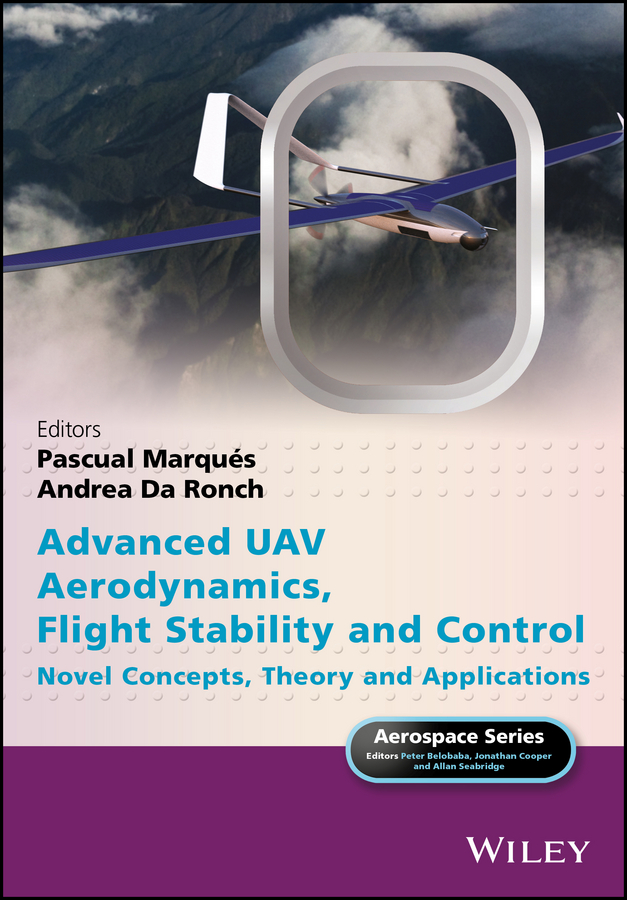
Advanced UAV Aerodynamics, Flight Stability and Control Comprehensively covers emerging aerospace technologies Advanced UAV aerodynamics, flight stability and control: Novel concepts, theory and applications presents emerging aerospace technologies in the rapidly growing field of unmanned aircraft engineering. Leading scientists, researchers and inventors describe the findings and innovations accomplished in current research programs and industry applications throughout the world. Topics included cover a wide range of new aerodynamics concepts and their applications for real world fixed-wing (airplanes), rotary wing (helicopter) and quad-rotor aircraft. The book begins with two introductory chapters that address fundamental principles of aerodynamics and flight stability and form a knowledge base for the student of Aerospace Engineering. The book then covers aerodynamics of fixed wing, rotary wing and hybrid unmanned aircraft, before introducing aspects of aircraft flight stability and control. Key features: Sound technical level and inclusion of high-quality experimental and numerical data. Direct application of the aerodynamic technologies and flight stability and control principles described in the book in the development of real-world novel unmanned aircraft concepts. Written by world-class academics, engineers, researchers and inventors from prestigious institutions and industry. The book provides up-to-date information in the field of Aerospace Engineering for university students and lecturers, aerodynamics researchers, aerospace engineers, aircraft designers and manufacturers. TECHNOLOGY & ENGINEERING,Mechanical

Small Gas Engine Repair, Fourth Edition Publisher's Note: Products purchased from Third Party sellers are not guaranteed by the publisher for quality, authenticity, or access to any online entitlements included with the product. Save money by performing your own small engine maintenance and repair jobs Fully updated to reflect the latest technologies, this best-selling guide shows how to troubleshoot and repair the engines found in household devices—including lawnmowers, garden tractors, portable generators, and handheld tools. Written by a master mechanic, Small Gas Engine Repair, Fourth Edition, provides easy-to-follow, fully illustrated instructions for complicated diagnostic and repair procedures. The book suggests money-saving alternatives to expensive factory tools and overpriced replacement parts. You will gain access to valuable Internet resources as well as shortcuts, field fixes, and other tricks of the trade that working mechanics use on the job. You’ll find coverage of: • Basics• Troubleshooting• Ignition and related systems• Fuel systems• Rewind starters• Electrical systems• Engine mechanical• Two- and four-cycle engines• Diaphragm carburetors• Electronic fuel injection• And much more TECHNOLOGY & ENGINEERING,Mechanical
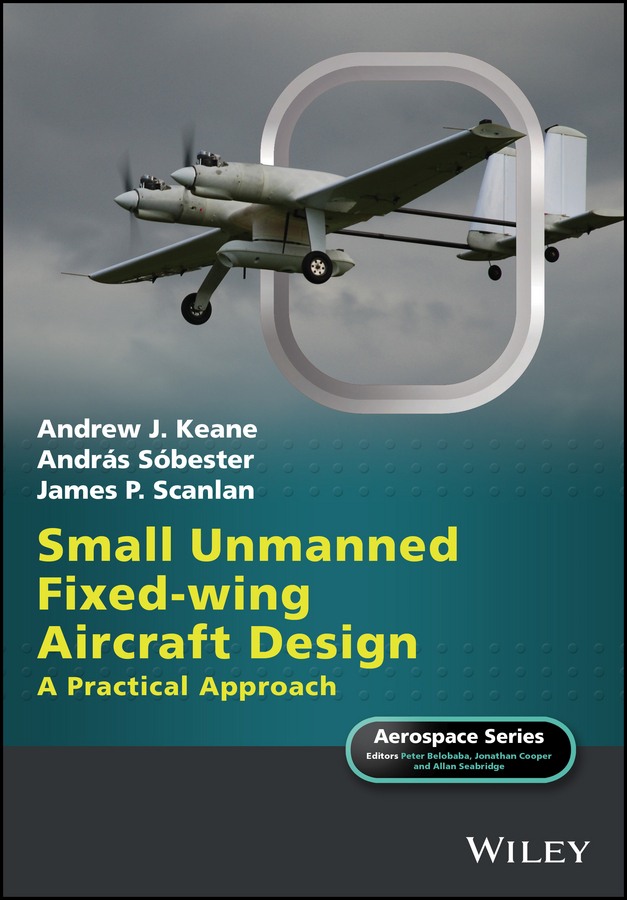
Small Unmanned Fixed-wing Aircraft Design Small Unmanned Fixed-wing Aircraft Design is the essential guide to designing, building and testing fixed wing UAVs (or drones). It deals with aircraft from two to 150 kg in weight and is based on the first-hand experiences of the world renowned UAV team at the UK’s University of Southampton. The book covers both the practical aspects of designing, manufacturing and flight testing and outlines and the essential calculations needed to underpin successful designs. It describes the entire process of UAV design from requirements definition to configuration layout and sizing, through preliminary design and analysis using simple panel codes and spreadsheets to full CFD and FEA models and on to detailed design with parametric CAD tools. Its focus is on modest cost approaches that draw heavily on the latest digital design and manufacturing methods, including a strong emphasis on utilizing off-the-shelf components, low cost analysis, automated geometry modelling and 3D printing. It deliberately avoids a deep theoretical coverage of aerodynamics or structural mechanics; rather it provides a design team with sufficient insights and guidance to get the essentials undertaken more pragmatically. The book contains many all-colour illustrations of the dozens of aircraft built by the authors and their students over the last ten years giving much detailed information on what works best. It is predominantly aimed at under-graduate and MSc level student design and build projects, but will be of interest to anyone engaged in the practical problems of getting quite complex unmanned aircraft flying. It should also appeal to the more sophisticated aero-modeller and those engaged on research based around fixed wing UAVs. TECHNOLOGY & ENGINEERING,Mechanical
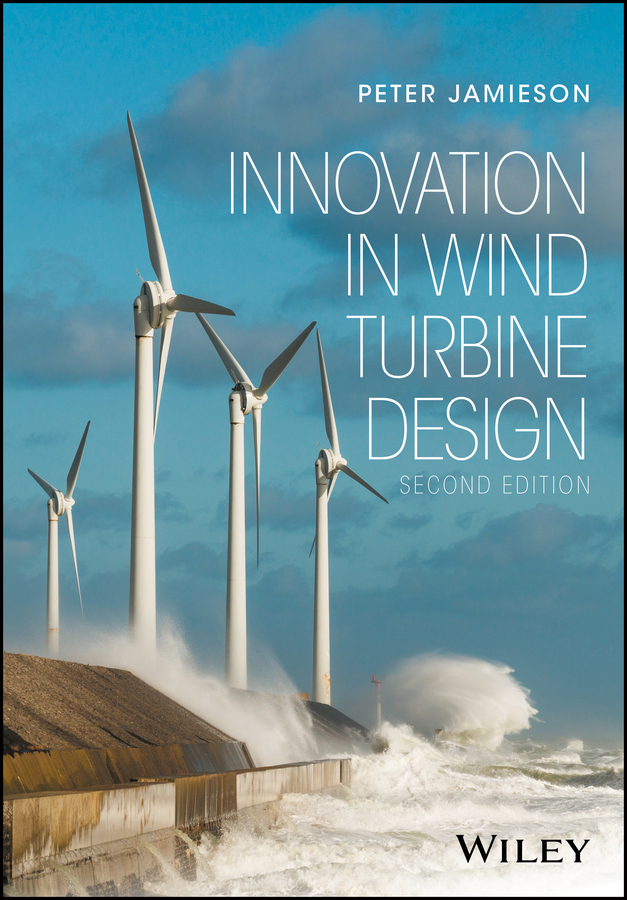
Innovation in Wind Turbine Design An updated and expanded new edition of this comprehensive guide to innovation in wind turbine design Innovation in Wind Turbine Design, Second Edition comprehensively covers the fundamentals of design, explains the reasons behind design choices, and describes the methodology for evaluating innovative systems and components. This second edition has been substantially expanded and generally updated. New content includes elementary actuator disc theory of the low induction rotor concept, much expanded discussion of offshore issues and of airborne wind energy systems, updated drive train information with basic theory of the epicyclic gears and differential drives, a clarified presentation of the basic theory of energy in the wind and fallacies about ducted rotor design related to theory, lab testing and field testing of the Katru and Wind Lens ducted rotor systems, a short review of LiDAR, latest developments of the multi-rotor concept including the Vestas 4 rotor system and a new chapter on the innovative DeepWind VAWT. The bookis divided into four main sections covering design background, technology evaluation, design themes and innovative technology examples. Key features: Expanded substantially with new content. Comprehensively covers the fundamentals of design, explains the reasons behind design choices, and describes the methodology for evaluating innovative systems and components. Includes innovative examples from working experiences for commercial clients. Updated to cover recent developments in the field. The book is a must-have reference for professional wind engineers, power engineers and turbine designers, as well as consultants, researchers and graduate students. TECHNOLOGY & ENGINEERING,Mechanical
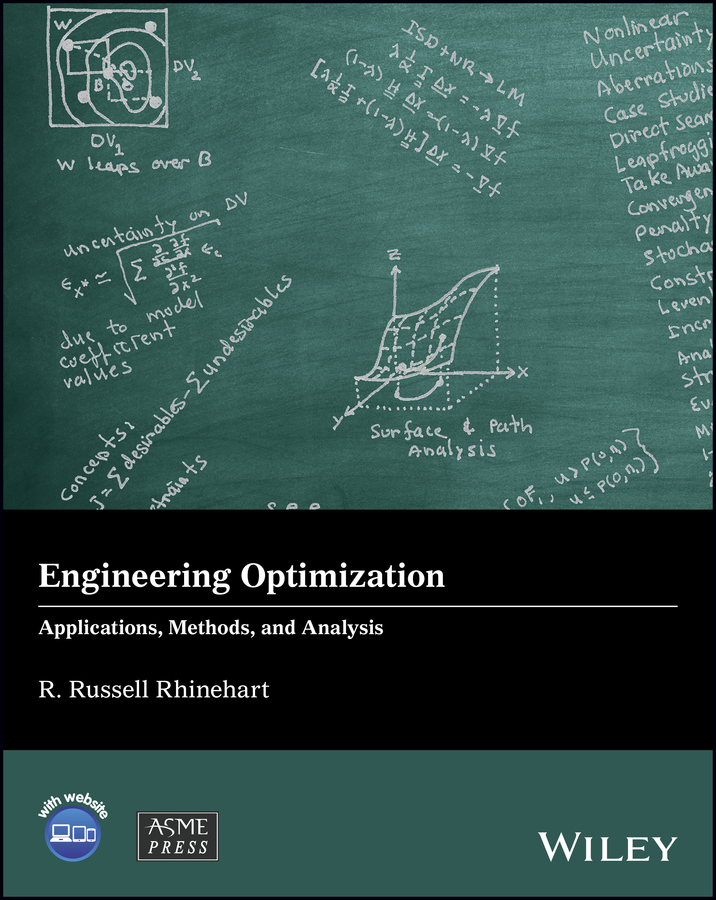
Engineering Optimization An Application-Oriented Introduction to Essential Optimization Concepts and Best Practices Optimization is an inherent human tendency that gained new life after the advent of calculus; now, as the world grows increasingly reliant on complex systems, optimization has become both more important and more challenging than ever before. Engineering Optimization provides a practically-focused introduction to modern engineering optimization best practices, covering fundamental analytical and numerical techniques throughout each stage of the optimization process. Although essential algorithms are explained in detail, the focus lies more in the human function: how to create an appropriate objective function, choose decision variables, identify and incorporate constraints, define convergence, and other critical issues that define the success or failure of an optimization project. Examples, exercises, and homework throughout reinforce the author’s “do, not study†approach to learning, underscoring the application-oriented discussion that provides a deep, generic understanding of the optimization process that can be applied to any field. Providing excellent reference for students or professionals, Engineering Optimization: Describes and develops a variety of algorithms, including gradient based (such as Newton’s, and Levenberg-Marquardt), direct search (such as Hooke-Jeeves, Leapfrogging, and Particle Swarm), along with surrogate functions for surface characterization Provides guidance on optimizer choice by application, and explains how to determine appropriate optimizer parameter values Details current best practices for critical stages of specifying an optimization procedure, including decision variables, defining constraints, and relationship modeling Provides access to software and Visual Basic macros for Excel on the companion website, along with solutions to examples presented in the book Clear explanations, explicit equation derivations, and practical examples make this book ideal for use as part of a class or self-study, assuming a basic understanding of statistics, calculus, computer programming, and engineering models. Anyone seeking best practices for “making the best choices†will find value in this introductory resource. TECHNOLOGY & ENGINEERING,Mechanical
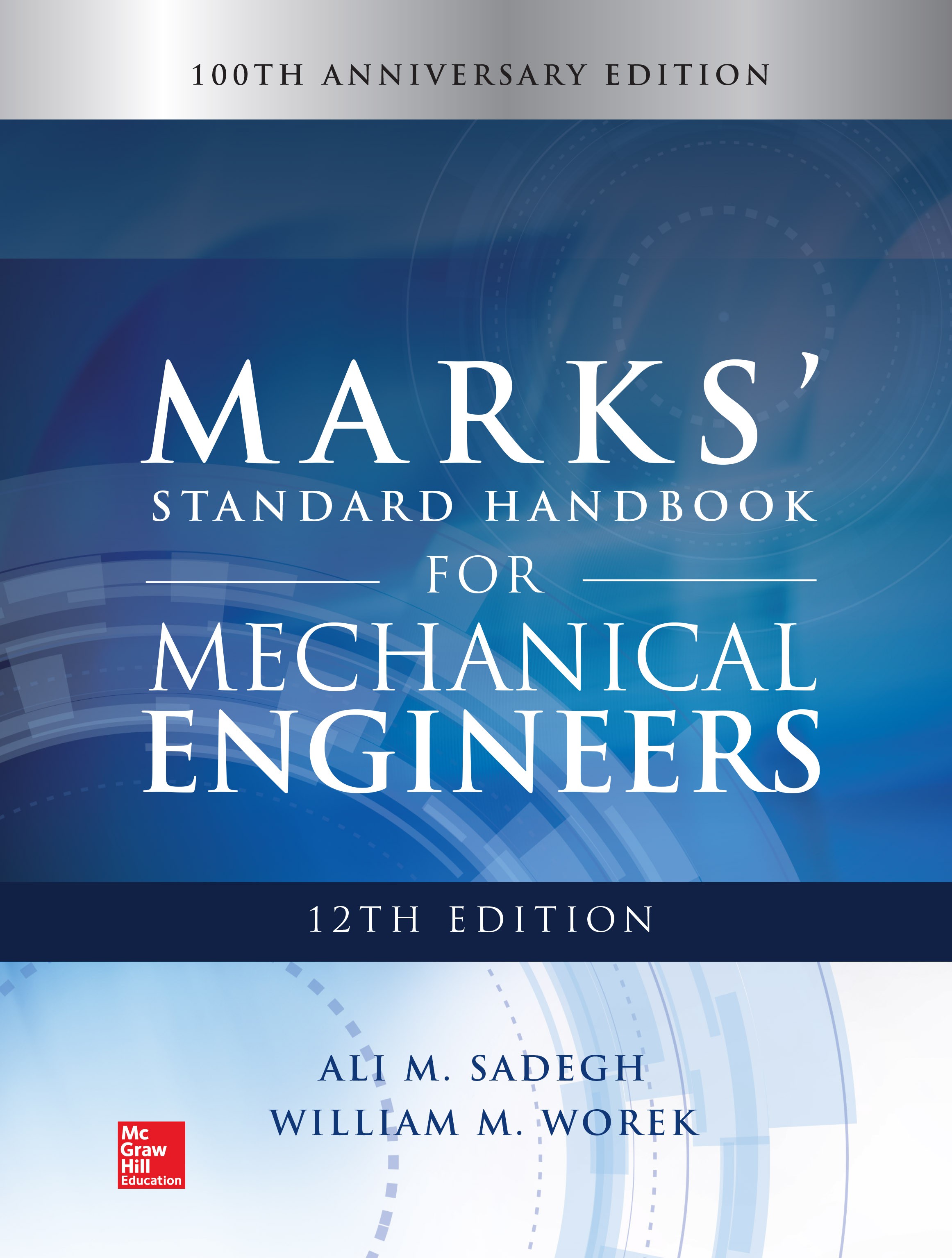
Marks' Standard Handbook for Mechanical Engineers, 12th Edition The 100th Anniversary Edition of the “Bible†for Mechanical Engineers—Fully Revised to Focus on the Core Subjects Critical to the Discipline This 100th Anniversary Edition has been extensively updated to deliver current, authoritative coverage of the topics most critical to today’s Mechanical Engineer. Featuring contributions from more than 160 global experts, Marks’ Standard Handbook for Mechanical Engineers, Twelfth Edition, offers instant access to a wealth of practical information on every essential aspect of mechanical engineering. It provides clear, concise answers to thousands of mechanical engineering questions. You get, accurate data and calculations along with clear explanations of current principles, important codes, standards, and practices. All-new sections cover micro- and nano-engineering, robotic vision, alternative energy production, biological materials, biomechanics, composite materials, engineering ethics, and much more. Coverage includes: • Mechanics of solids and fluids • Heat • Strength of materials • Materials of engineering • Fuels and furnaces • Machine elements • Power generation • Transportation • Fans, pumps, and compressors • Instruments and controls • Refrigeration, cryogenics, and optics • Applied mechanics • Engineering ethics TECHNOLOGY & ENGINEERING,Mechanical
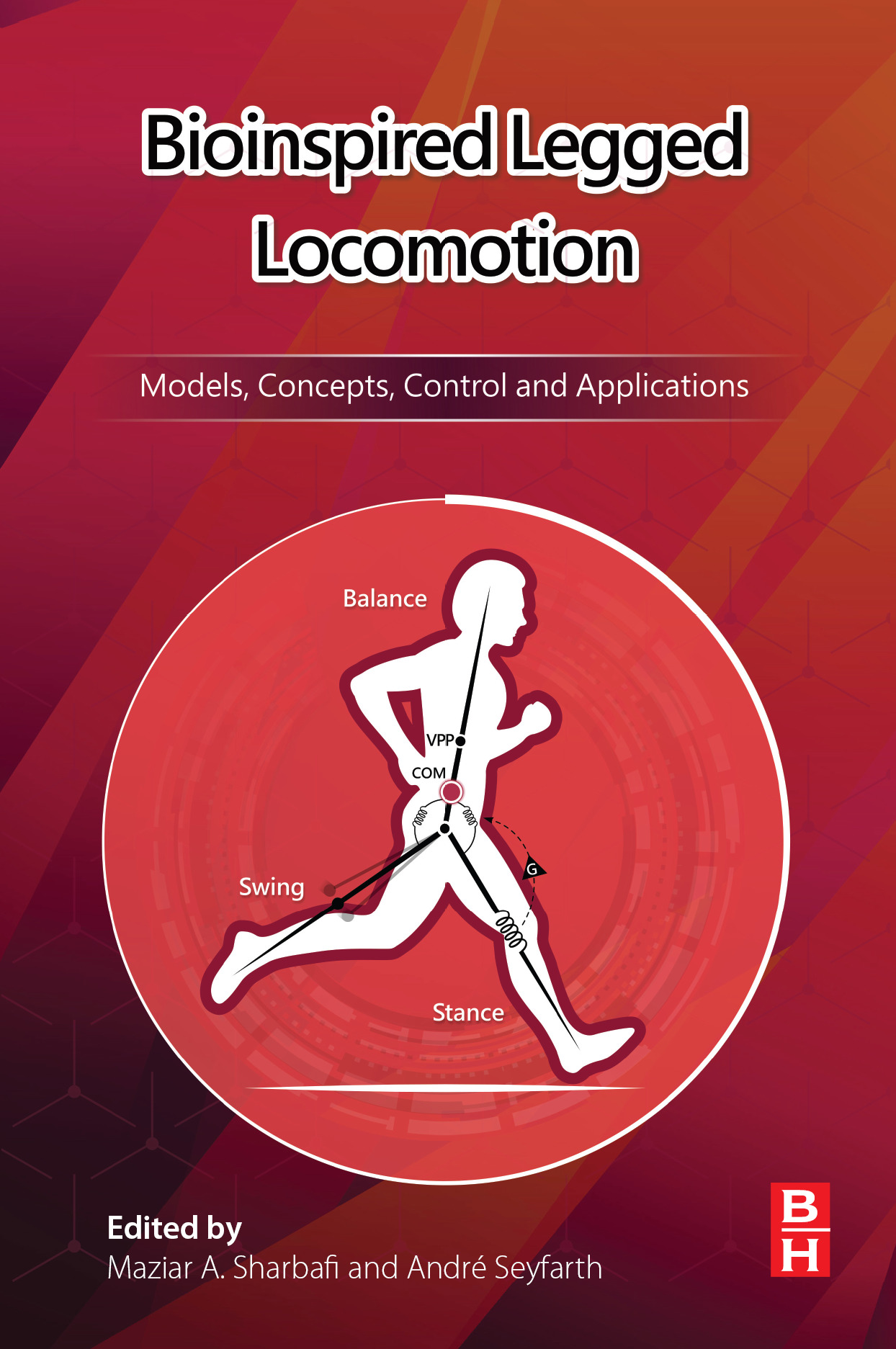
Bioinspired Legged Locomotion Bioinspired Legged Locomotion: Models, Concepts, Control and Applications explores the universe of legged robots, bringing in perspectives from engineering, biology, motion science, and medicine to provide a comprehensive overview of the field. With comprehensive coverage, each chapter brings outlines, and an abstract, introduction, new developments, and a summary. Beginning with bio-inspired locomotion concepts, the book's editors present a thorough review of current literature that is followed by a more detailed view of bouncing, swinging, and balancing, the three fundamental sub functions of locomotion. This part is closed with a presentation of conceptual models for locomotion. Next, the book explores bio-inspired body design, discussing the concepts of motion control, stability, efficiency, and robustness. The morphology of legged robots follows this discussion, including biped and quadruped designs. Finally, a section on high-level control and applications discusses neuromuscular models, closing the book with examples of applications and discussions of performance, efficiency, and robustness. At the end, the editors share their perspective on the future directions of each area, presenting state-of-the-art knowledge on the subject using a structured and consistent approach that will help researchers in both academia and industry formulate a better understanding of bioinspired legged robotic locomotion and quickly apply the concepts in research or products. Presents state-of-the-art control approaches with biological relevance Provides a thorough understanding of the principles of organization of biological locomotion Teaches the organization of complex systems based on low-dimensional motion concepts/control Acts as a guideline reference for future robots/assistive devices with legged architecture Includes a selective bibliography on the most relevant published articles TECHNOLOGY & ENGINEERING,Mechanical
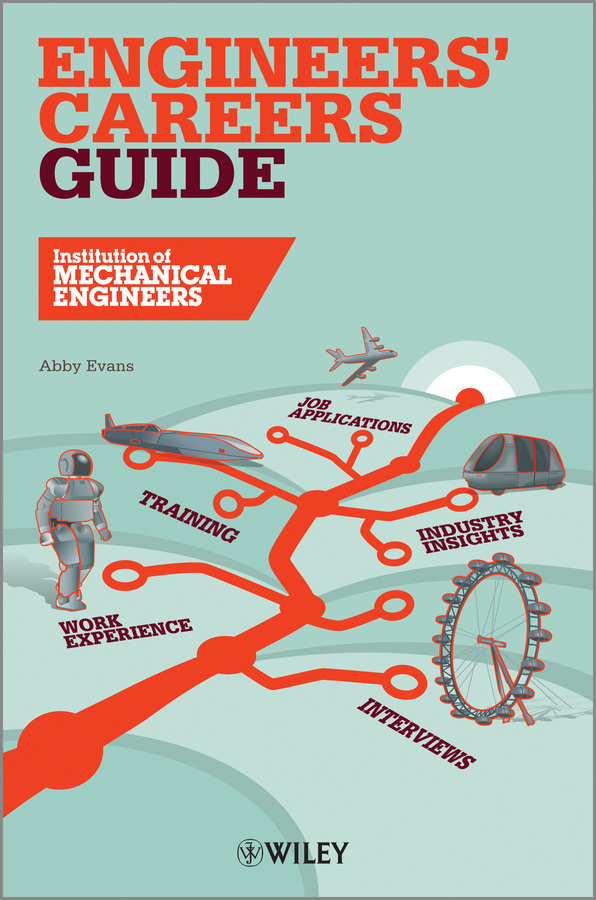
IMechE Engineers' Careers Guide 2013 TECHNOLOGY & ENGINEERING,Mechanical
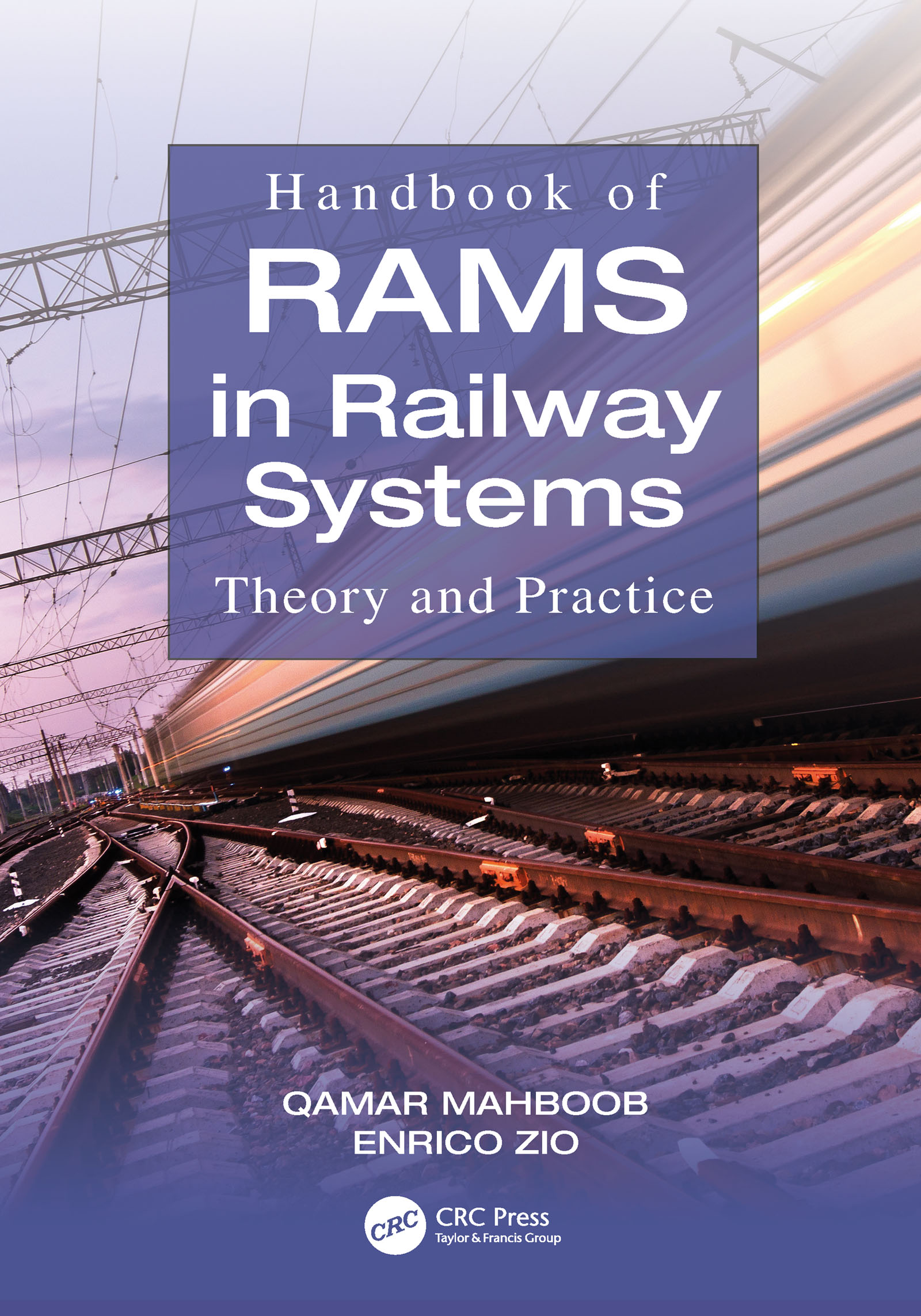
Handbook of RAMS in Railway Systems The Handbook of RAMS in Railway Systems: Theory and Practice addresses the complexity in today's railway systems, which use computers and electromechanical components to increase efficiency while ensuring a high level of safety. RAM (Reliability, Availability, Maintainability) addresses the specifications and standards that manufacturers and operators have to meet. Modeling, implementation, and assessment of RAM and safety requires the integration of railway engineering systems; mathematical and statistical methods; standards compliance; and financial/economic factors. This Handbook brings together a group of experts to present RAM and safety in a modern, comprehensive manner. TECHNOLOGY & ENGINEERING,Mechanical
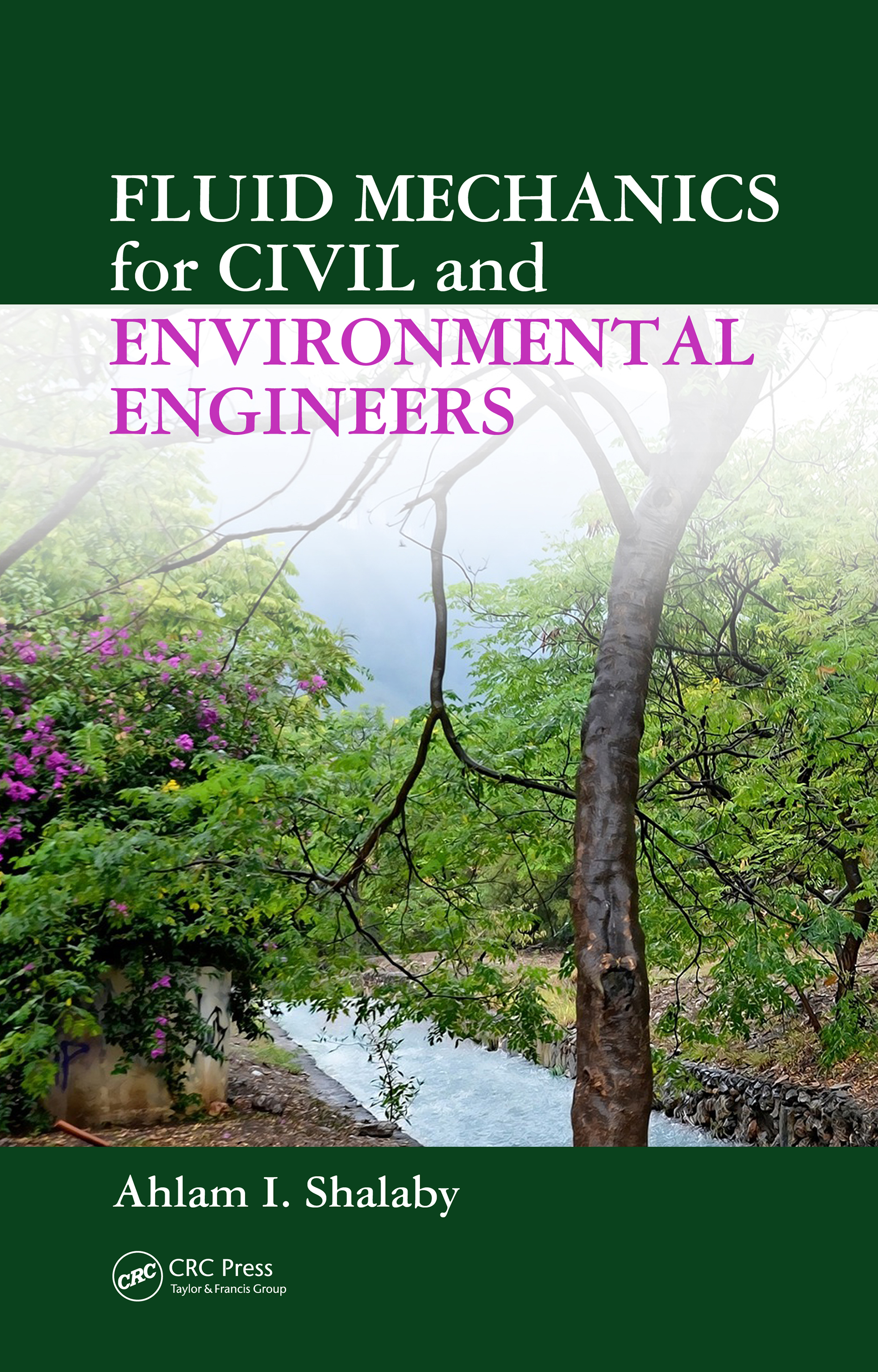
Fluid Mechanics for Civil and Environmental Engineers An ideal textbook for civil and environmental, mechanical, and chemical engineers taking the required Introduction to Fluid Mechanics course, Fluid Mechanics for Civil and Environmental Engineers offers clear guidance and builds a firm real-world foundation using practical examples and problem sets. Each chapter begins with a statement of objectives, and includes practical examples to relate the theory to real-world engineering design challenges. The author places special emphasis on topics that are included in the Fundamentals of Engineering exam, and make the book more accessible by highlighting keywords and important concepts, including Mathcad algorithms, and providing chapter summaries of important concepts and equations. TECHNOLOGY & ENGINEERING,Mechanical
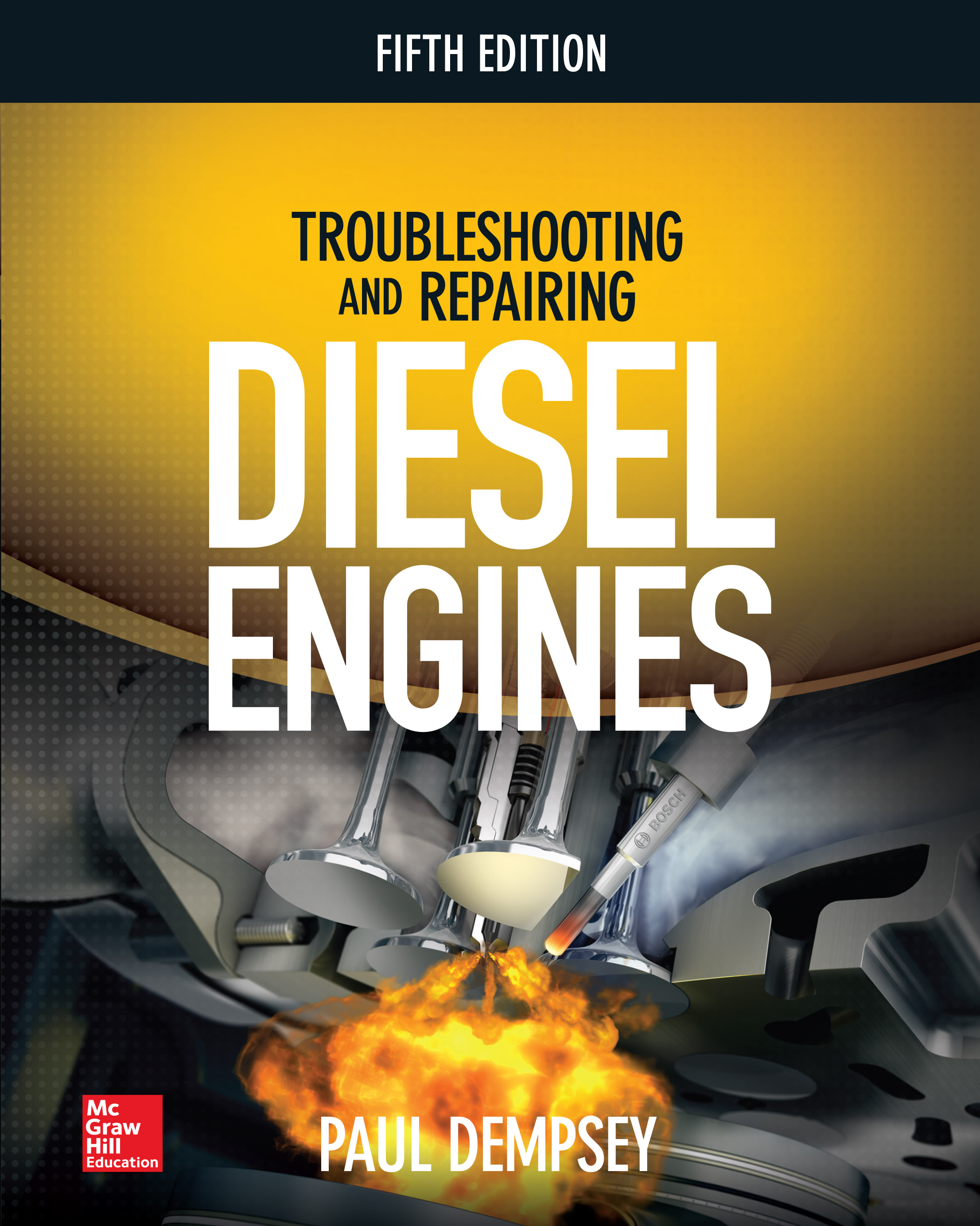
Troubleshooting and Repairing Diesel Engines, 5th Edition This fully updated, money-saving guide shows, step by step, how to repair and maintain diesel engines Thoroughly revised to cover the latest advances, this resource equips you with the state-of-the-art tools and techniques needed to keep diesel engines running smoothly and in top condition. The book offers comprehensive and practical coverage of diesel technology and clearly explains new diesel/hydrogen and diesel/methane engines. Troubleshooting and Repairing Diesel Engines, Fifth Edition covers new engine technology, electronic engine management, biodiesel fuels, and emissions controls. This new edition contains cutting-edge information on recent developments, including turbocharging and changes in the composition of conventional fuel. You will find out how to successfully carry out repairs and get professional results while saving money. • Covers a broad range of diesel engine makes and models • Features helpful facts, specifications, and flow charts • Written by a master mechanic and bestselling author TECHNOLOGY & ENGINEERING,Mechanical

Introduction to Finite Element Analysis for Engineers Finite Element Analysis for Engineers introduces FEA as a technique for solving differential equations, and for application to problems in Civil, Mechanical, Aerospace and Biomedical Engineering and Engineering Science & Mechanics. Intended primarily for senior and first-year graduate students, the text is mathematically rigorous, but in line with students' math courses. Organized around classes of differential equations, the text includes MATLAB code for selected examples and problems. Both solid mechanics and thermal/fluid problems are considered. Based on the first author's class-tested notes, the text builds a solid understanding of FEA concepts and modern engineering applications. TECHNOLOGY & ENGINEERING,Mechanical
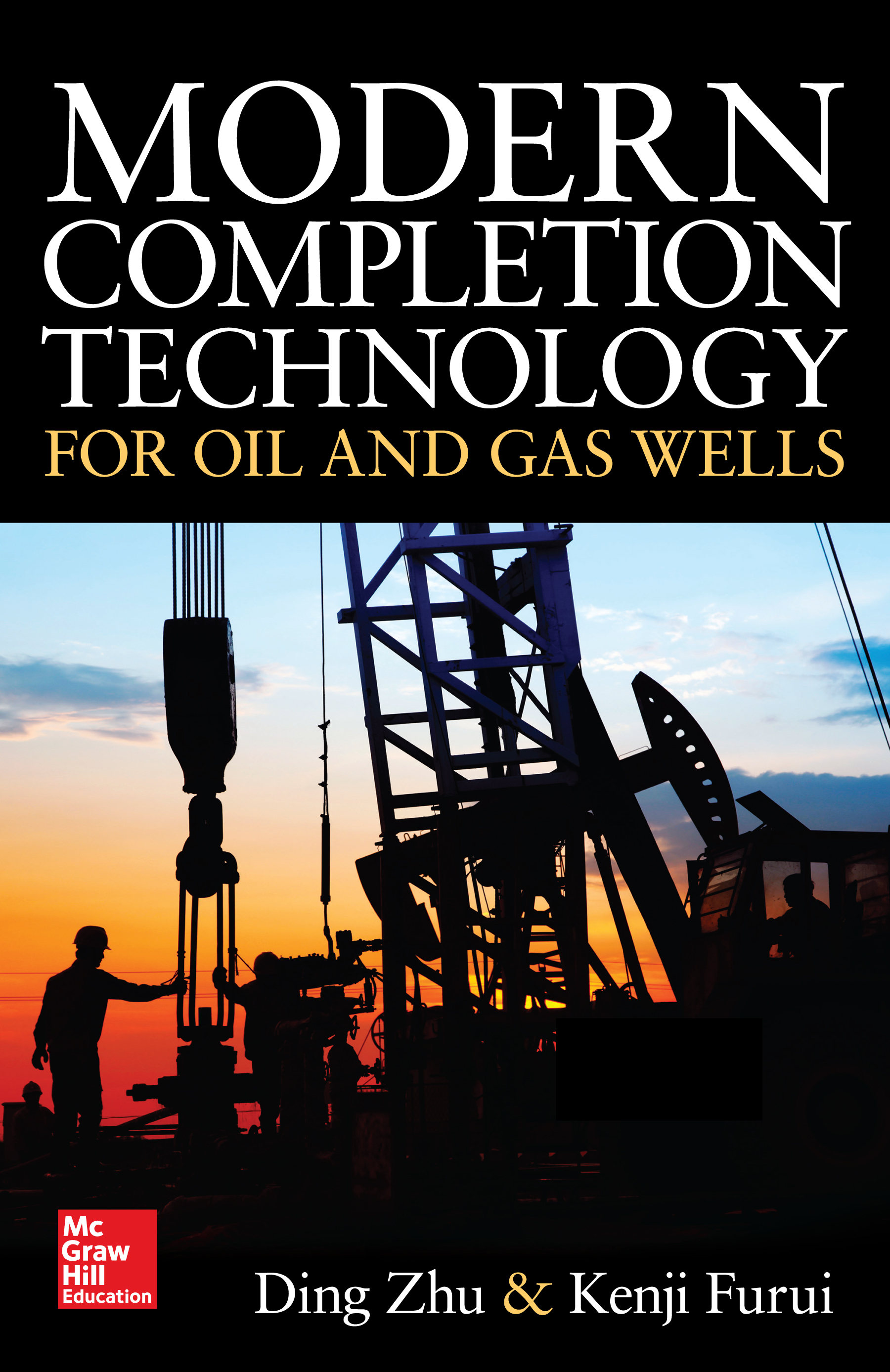
Modern Completion Technology for Oil and Gas Wells The latest oil and gas well completion technologies and best practices Increase oil and gas production and maximize revenue generation using the start-to-finish completion procedures contained in this hands-on guide. Written by a pair of energy production experts, Modern Completion Technology for Oil and Gas Wells introduces each technique, shows how it works, and teaches how to deploy it effectively. You will get full explanations of the goals of completion along with detailed examples and case studies that clearly demonstrate how to successfully meet those goals. Modern production methods such as hydraulic fracturing, acid simulation, and intelligent well completions are thoroughly covered. Coverage includes: • Functions and goals of oil and gas well completion • Well completion fundamentals • Completion impact in near-wellbore region to inflow performance • Completions for fracturing • Completions for acid stimulation • Intelligent well completion: downhole monitoring and flow control • Completion designs for production and injection optimization TECHNOLOGY & ENGINEERING,Mechanical
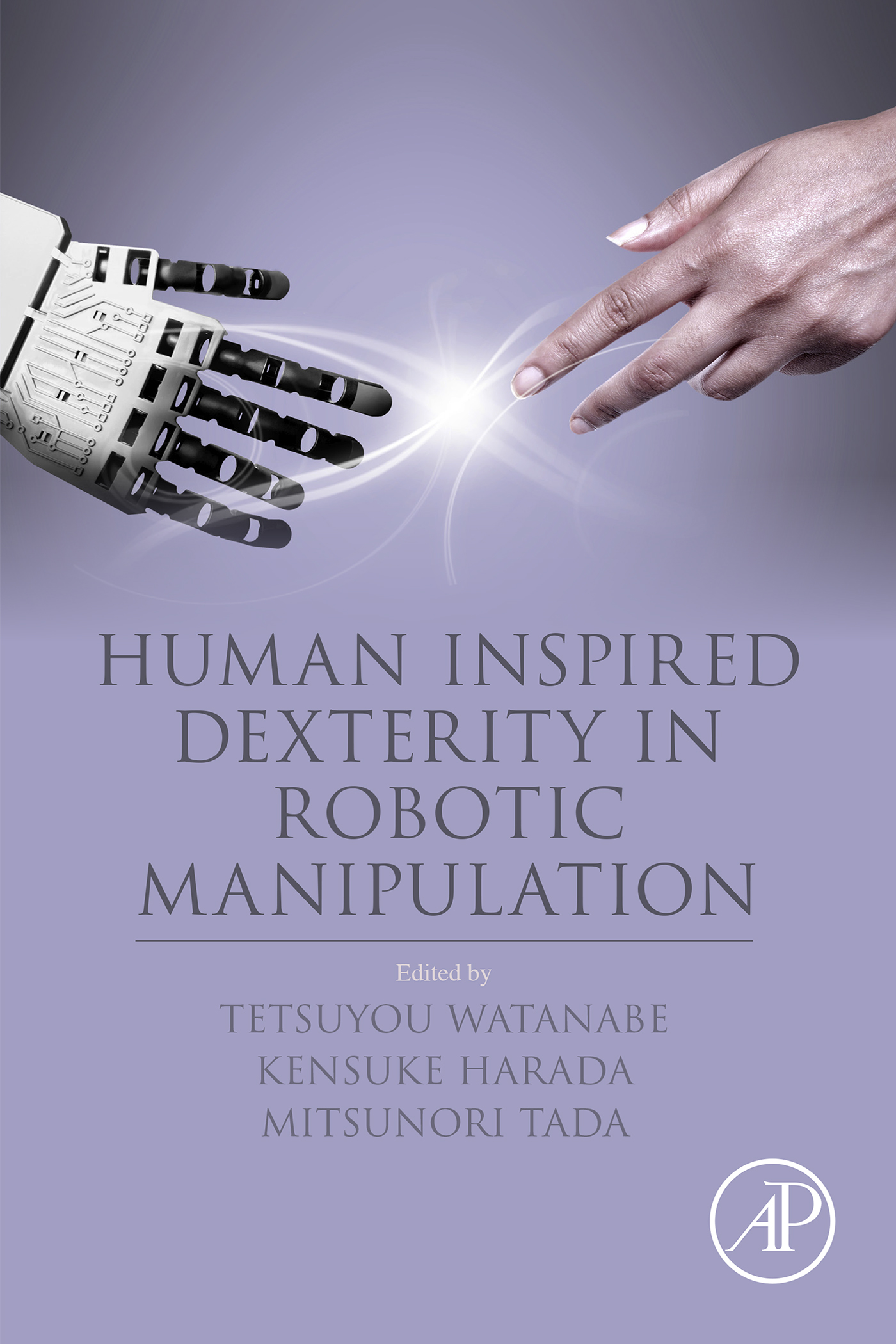
Human Inspired Dexterity in Robotic Manipulation Human Inspired Dexterity in Robotic Manipulation provides up-to-date research and information on how to imitate humans and realize robotic manipulation. Approaches from both software and hardware viewpoints are shown, with sections discussing, and highlighting, case studies that demonstrate how human manipulation techniques or skills can be transferred to robotic manipulation. From the hardware viewpoint, the book discusses important human hand structures that are key for robotic hand design and how they should be embedded for dexterous manipulation. This book is ideal for the research communities in robotics, mechatronics and automation. Investigates current research direction in robotic manipulation Shows how human manipulation techniques and skills can be transferred to robotic manipulation Identifies key human hand structures for robotic hand design and how they should be embedded in the robotic hand for dexterous manipulation TECHNOLOGY & ENGINEERING,Mechanical

Perry's Chemical Engineers' Handbook, 9th Edition Up-to-Date Coverage of All Chemical Engineering Topics―from the Fundamentals to the State of the Art Now in its 85th Anniversary Edition, this industry-standard resource has equipped generations of engineers and chemists with vital information, data, and insights. Thoroughly revised to reflect the latest technological advances and processes, Perry's Chemical Engineers' Handbook, Ninth Edition, provides unsurpassed coverage of every aspect of chemical engineering. You will get comprehensive details on chemical processes, reactor modeling, biological processes, biochemical and membrane separation, process and chemical plant safety, and much more. This fully updated edition covers: Unit Conversion Factors and Symbols • Physical and Chemical Data including Prediction and Correlation of Physical Properties • Mathematics including Differential and Integral Calculus, Statistics , Optimization • Thermodynamics • Heat and Mass Transfer • Fluid and Particle Dynamics *Reaction Kinetics • Process Control and Instrumentation• Process Economics • Transport and Storage of Fluids • Heat Transfer Operations and Equipment • Psychrometry, Evaporative Cooling, and Solids Drying • Distillation • Gas Absorption and Gas-Liquid System Design • Liquid-Liquid Extraction Operations and Equipment • Adsorption and Ion Exchange • Gas-Solid Operations and Equipment • Liquid-Solid Operations and Equipment • Solid-Solid Operations and Equipment •Chemical Reactors • Bio-based Reactions and Processing • Waste Management including Air ,Wastewater and Solid Waste Management* Process Safety including Inherently Safer Design • Energy Resources, Conversion and Utilization* Materials of Construction TECHNOLOGY & ENGINEERING,Mechanical

Introduction to the Finite Element Method 4E A fully updated introduction to the principles and applications of the finite element method This authoritative and thoroughly revised and self-contained classic mechanical engineering textbook offers a broad-based overview and applications of the finite element method. This revision updates and expands the already large number of problems and worked-out examples and brings the technical coverage in line with current practices. You will get details on non-traditional applications in bioengineering, fluid and thermal sciences, and structural mechanics. Written by a world-renowned mechanical engineering researcher and author, An Introduction to the Finite Element Method, Fourth Edition, teaches, step-by-step, how to determine numerical solutions to equilibrium as well as time-dependent problems from fluid and thermal sciences and structural mechanics and a host of applied sciences.. Beginning with the governing differential equations, the book presents a systematic approach to the derivation of weak-forms (integral formulations), interpolation theory, finite element equations, solution of problems from fluid and thermal sciences and structural mechanics, computer implementation. The author provides a solutions manual as well as computer programs that are available for download. • Features updated problems and fully worked-out solutions • Contains downloadable programs that can be applied and extended to real-world situations • Written by a highly-cited mechanical engineering researcher and well-respected author TECHNOLOGY & ENGINEERING,Mechanical
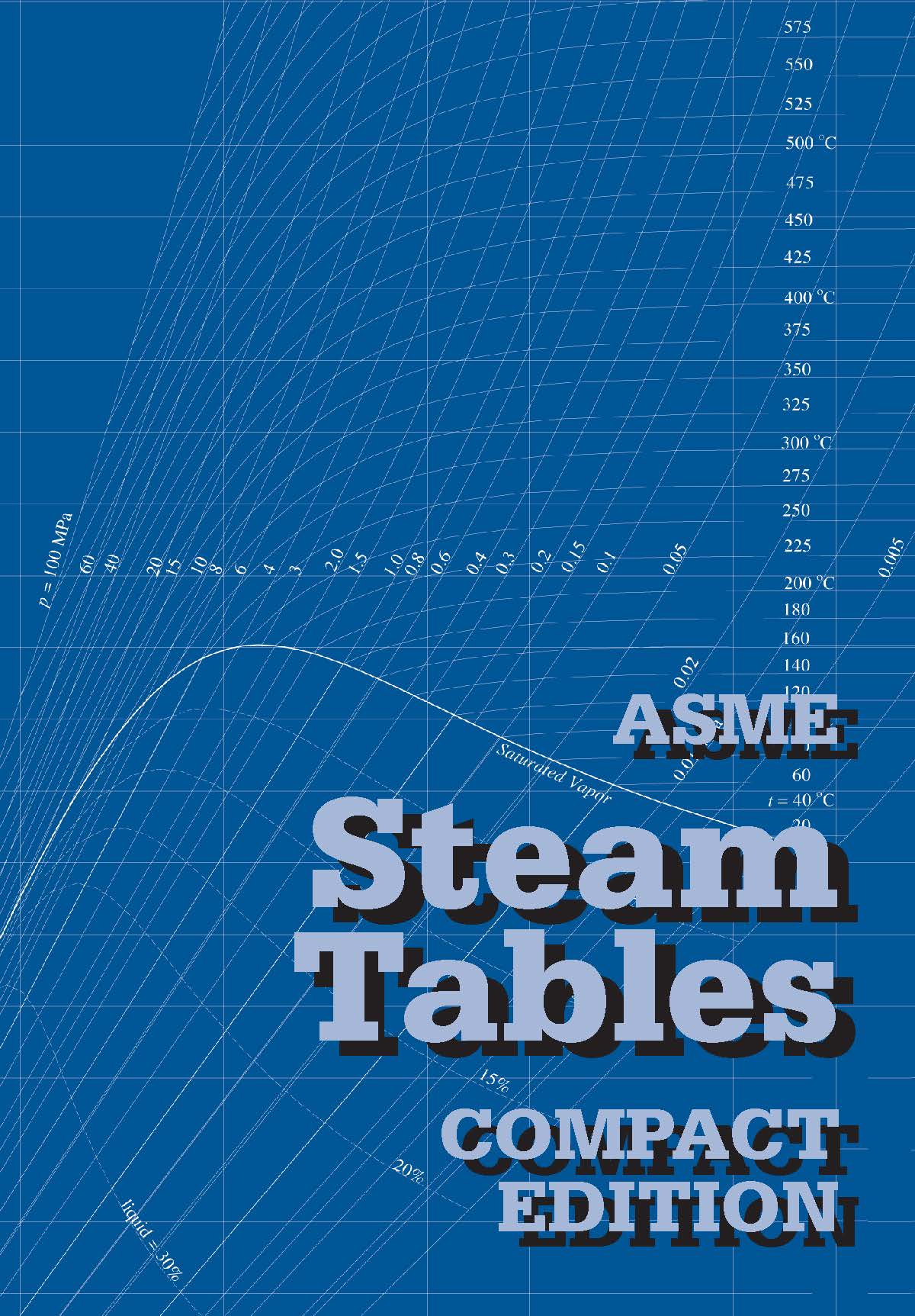
ASME Steam Tables Compact Edition Properties of Saturated and Superheated Steam in U.S. Customary and SI Units from the IAPWS-IF97 International Standard for Industrial Use. Prepared by the ASME Research and Technology Committee on Water and Steam in Thermal Systems, Subcommittee on Properties of Steam TECHNOLOGY & ENGINEERING,Mechanical
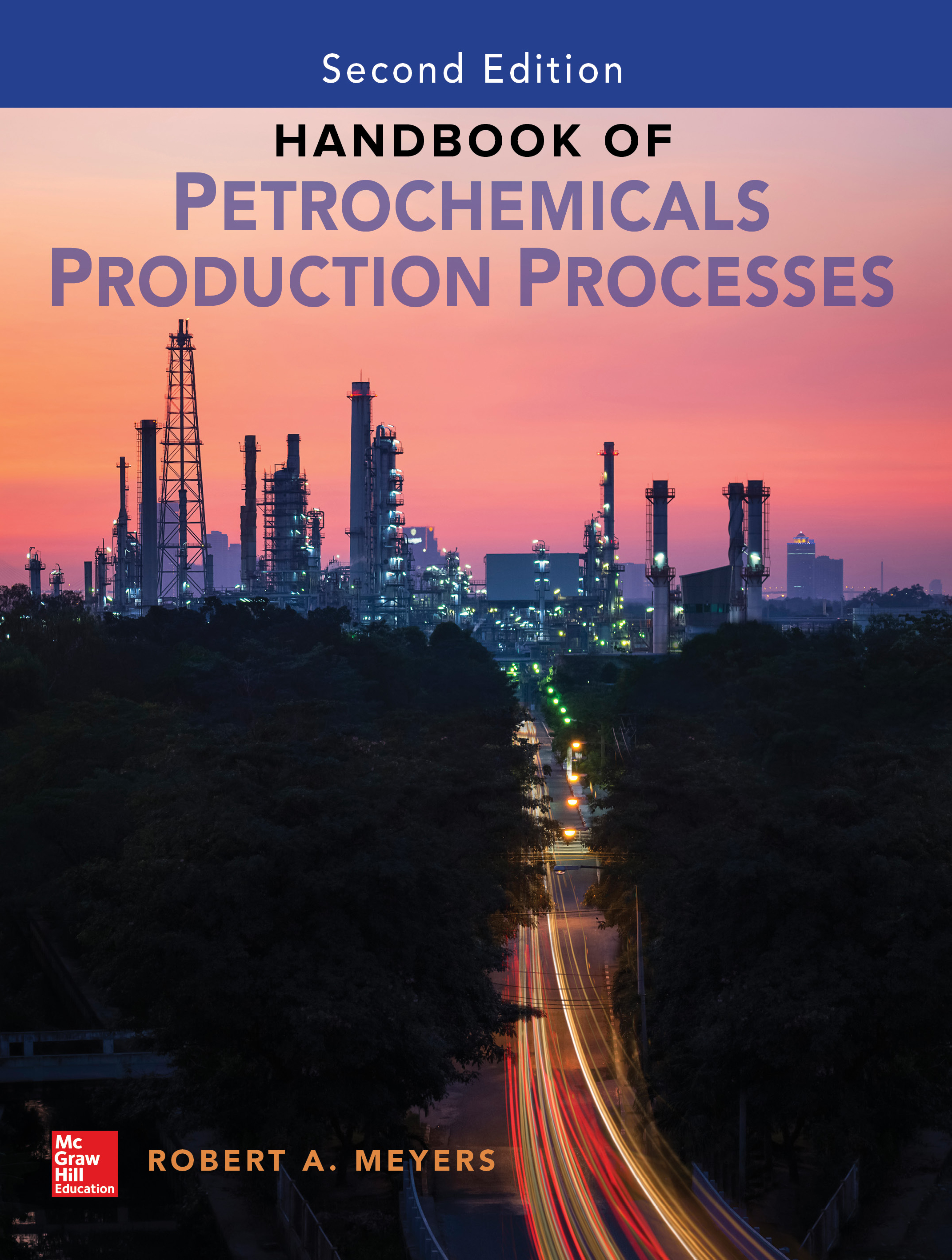
Handbook of Petrochemicals Production, Second Edition A complete guide to petrochemicals production processes—fully revised to cover the latest advances Get all the information you need on petrochemical processes for major organic chemicals inside this industry-standard one-stop reference. Prepared by leading petrochemical licensing firms, Handbook of Petrochemicals Production Processes, Second Edition clearly explains the powerful techniques used to create the most economically important chemicals in the world. The book offers cutting-edge production methods along with detailed product properties. You will discover how to effectively evaluate licensable processes for new production through the comparison of technologies, environmental factors, and economics. Coverage includes: • General process descriptions, feed definitions, product yields, and simplified flow diagrams • Process chemistries and thermodynamics • Commercial process perspectives, including plant locations and long-term plans • Process details, with flow diagrams and mass and energy balances for major process variations • Feeds and details on unique and key equipment • Brand-new details on gas to petrochemical conversion, biomass to petrochemical conversion, and bisphonal A (BPA) TECHNOLOGY & ENGINEERING,Mechanical
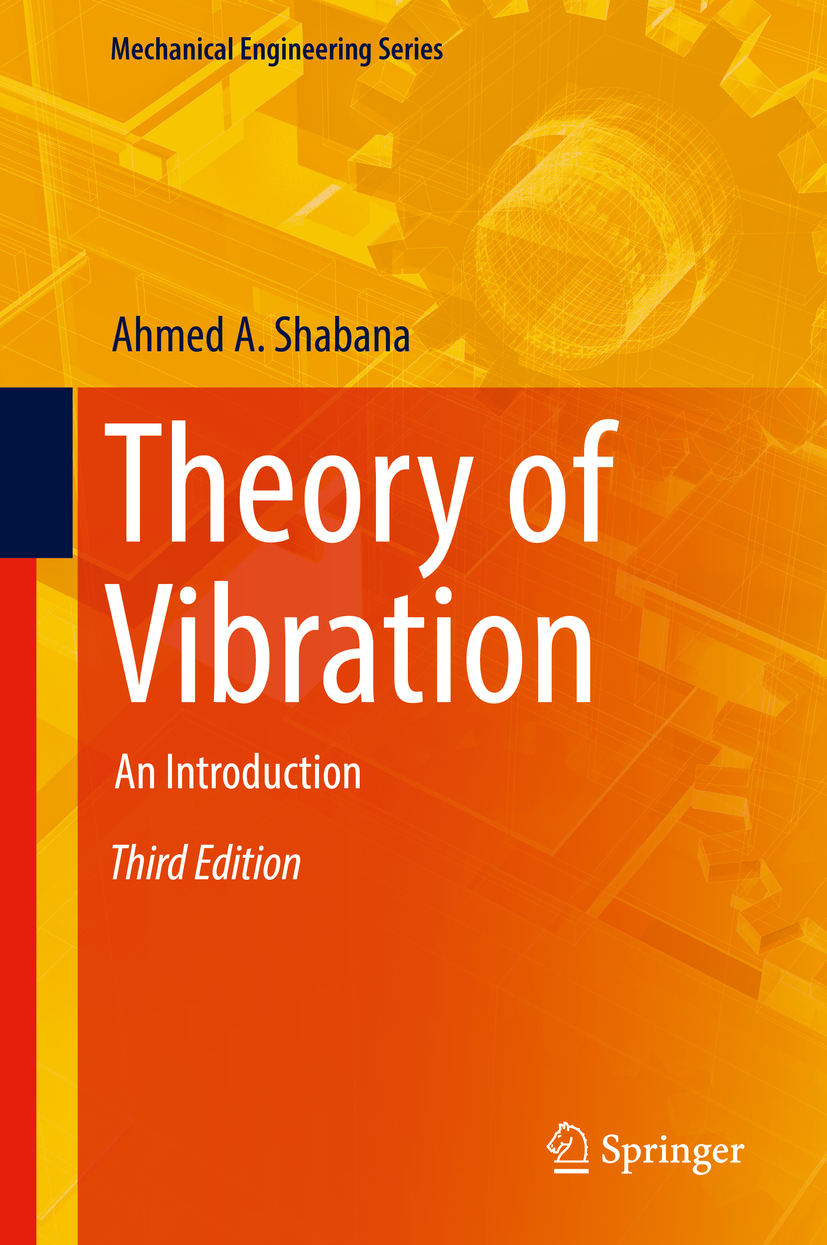
Theory of Vibration The aim of this book is to impart a sound understanding, both physical and mathematical, of the fundamental theory of vibration and its applications. The book presents in a simple and systematic manner techniques that can easily be applied to the analysis of vibration of mechanical and structural systems. Unlike other texts on vibrations, the approach is general, based on the conservation of energy and Lagrangian dynamics, and develops specific techniques from these foundations in clearly understandable stages. Suitable for a one-semester course on vibrations, the book presents new concepts in simple terms and explains procedures for solving problems in considerable detail. TECHNOLOGY & ENGINEERING,Mechanical
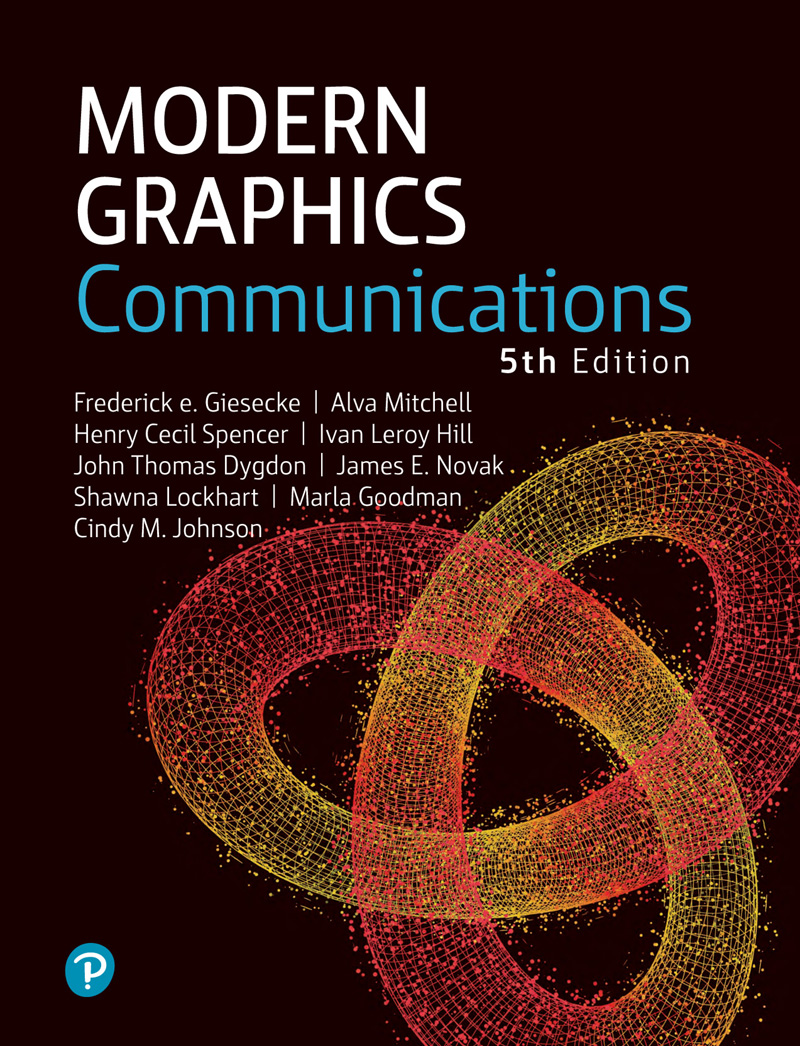
Modern Graphics Communication Today’s clear, comprehensive, full-colour introduction and reference for everyone creating engineering drawings and graphics with CAD or by hand Introductory coverage that’s especially well-designed for students learning drafting as part of study for a wide range of careers. Includes convenient tear-out worksheets and practical, hands-on exercises A long-awaited update to one of the field’s top-selling and most widely-praised guides Proven pedagogical features include key words, chapter summaries, review questions, chapter exercises, and reverse engineering exercises Derived from Chapters 1-14 of Technical Drawing, 15th Edition (2016), adding hands-on exercises and worksheets not included there The full text downloaded to your computer With eBooks you can: search for key concepts, words and phrases make highlights and notes as you study share your notes with friends eBooks are downloaded to your computer and accessible either offline through the Bookshelf (available as a free download), available online and also via the iPad and Android apps. Upon purchase, you will receive via email the code and instructions on how to access this product. Time limit The eBooks products do not have an expiry date. You will continue to access your digital ebook products whilst you have your Bookshelf installed. TECHNOLOGY & ENGINEERING,Mechanical
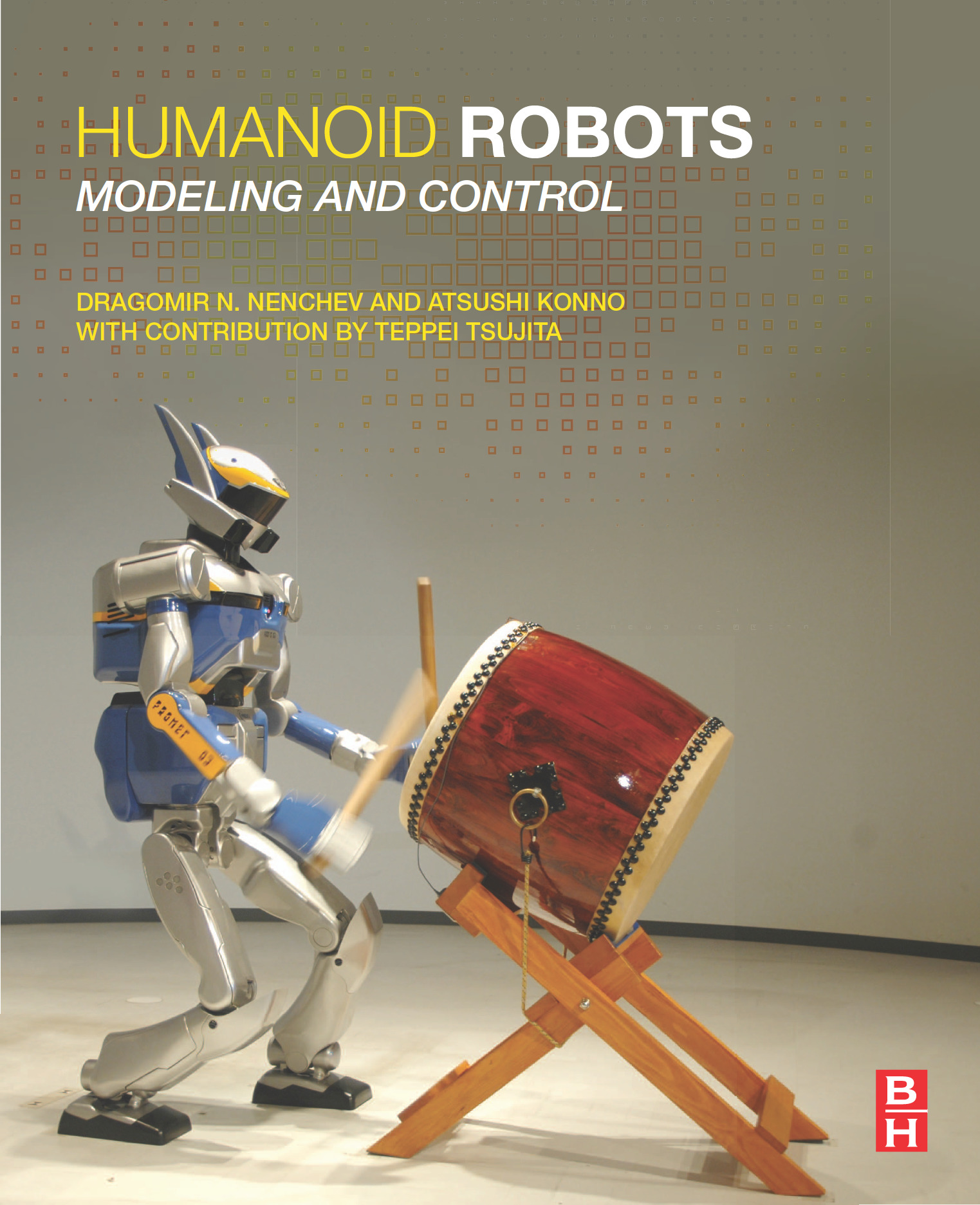
Humanoid Robots Humanoid Robots: Modeling and Control provides systematic presentation of the models used in the analysis, design and control of humanoid robots. The book starts with a historical overview of the field, a summary of the current state of the art achievements and an outline of the related fields of research. It moves on to explain the theoretical foundations in terms of kinematic, kineto-static and dynamic relations. Further on, a detailed overview of biped balance control approaches is presented. Models and control algorithms for cooperative object manipulation with a multi-finger hand, a dual-arm and a multi-robot system are also discussed. One of the chapters is devoted to selected topics from the area of motion generation and control and their applications. The final chapter focuses on simulation environments, specifically on the step-by-step design of a simulator using the Matlab® environment and tools. This book will benefit readers with an advanced level of understanding of robotics, mechanics and control such as graduate students, academic and industrial researchers and professional engineers. Researchers in the related fields of multi-legged robots, biomechanics, physical therapy and physics-based computer animation of articulated figures can also benefit from the models and computational algorithms presented in the book. Provides a firm theoretical basis for modelling and control algorithm design Gives a systematic presentation of models and control algorithms Contains numerous implementation examples demonstrated with 43 video clips TECHNOLOGY & ENGINEERING,Mechanical
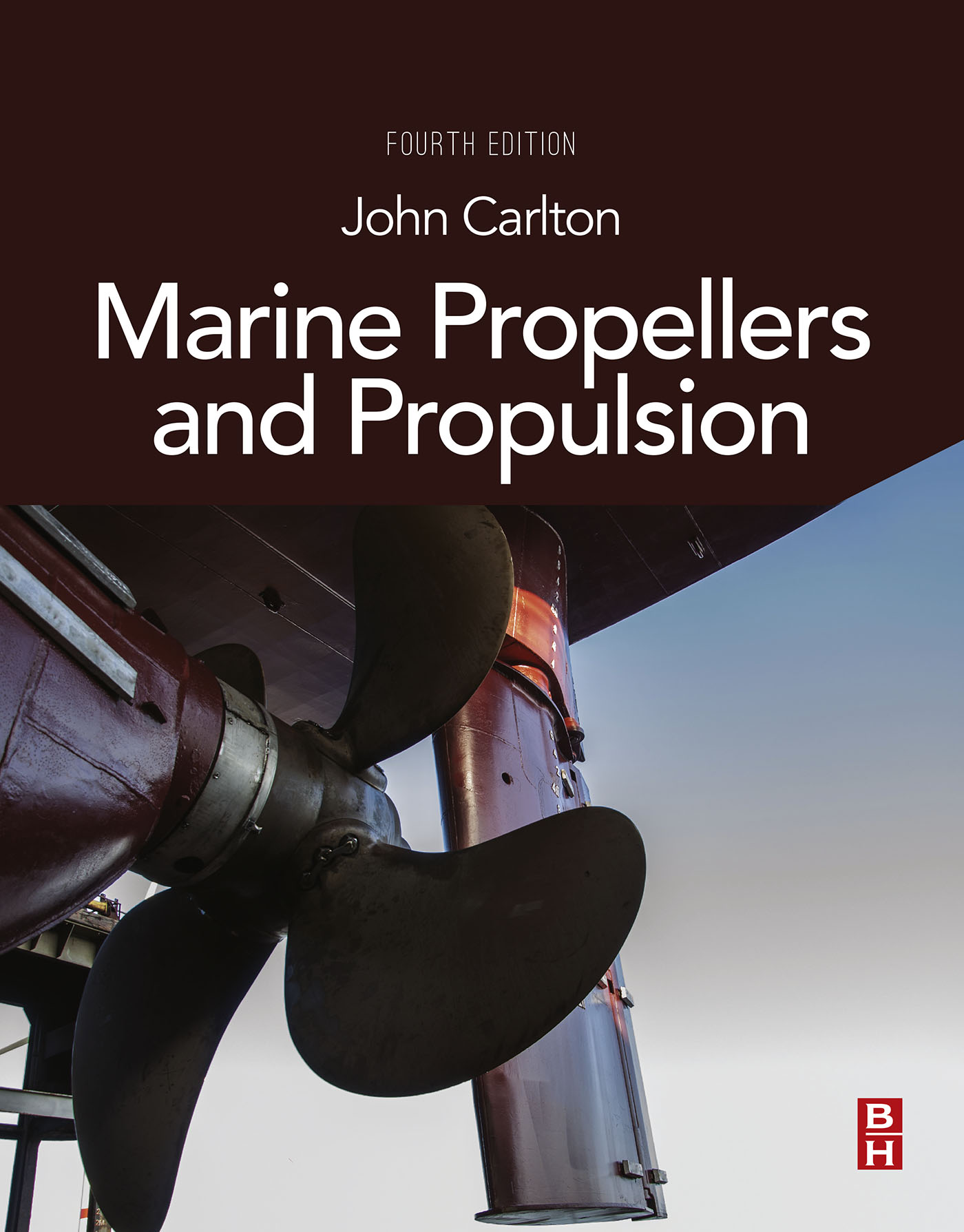
Marine Propellers and Propulsion Marine Propellers and Propulsion, Fourth Edition, offers comprehensive, cutting edge coverage to equip marine engineers, naval architects or anyone involved in propulsion and hydrodynamics with essential job knowledge. Propulsion technology is a complex, multidisciplinary topic with design, construction, operational and research implications. Drawing on experience from a long and varied career in consulting, research, design and technical investigation, John Carlton examines hydrodynamic theory, materials and mechanical considerations, and design, operation and performance. Connecting essential theory to practical problems in design, analysis and operational efficiency, the book is an invaluable resource, packed with hard-won insights, detailed specifications and data. Features comprehensive coverage of marine propellers, fully updated and revised, with new chapters on propulsion in ice and high speed propellers Includes enhanced content on full-scale trials, propeller materials, propeller blade vibration, operational problems and much more Synthesizes otherwise disparate material on the theory and practice of propulsion technology from the past 40 years’ development, including the latest developments in improving efficiency Written by a leading expert on propeller technology, essential for students, marine engineers and naval architects involved in propulsion and hydrodynamics TECHNOLOGY & ENGINEERING,Mechanical
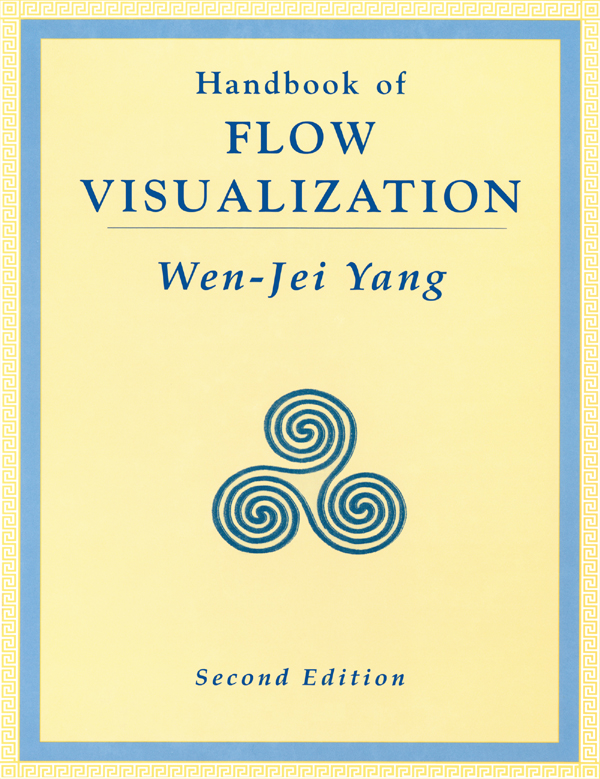
Handbook Of Flow Visualization With contributions from some of the world's leading experts, the second edition of this classic reference compiles all major techniques of flow visualization and demonstrates their applications in all fields of science and technology. A new chapter has been added that covers flow visualization applications in large wide tunnels for airplane and automobile testing. Several important examples of applications are included. A second new chapter details the use of infrared (IR) cameras for detecting and observing the boundary layer transition in industrial wind tunnels and flight testing of commercial transport airplanes. A final new chapter has been added on multiphase flow and pulsed-light velocimetry. TECHNOLOGY & ENGINEERING,Mechanical
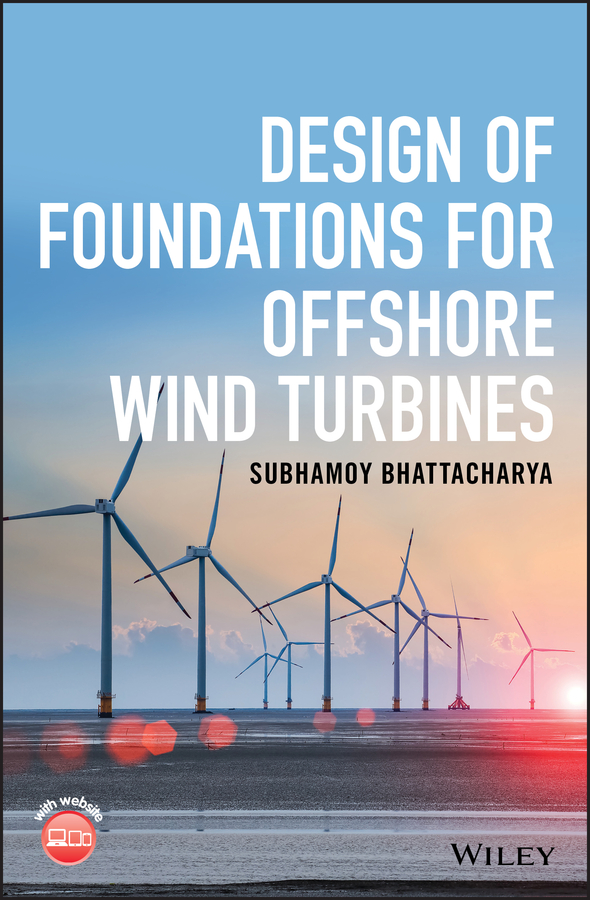
Design of Foundations for Offshore Wind Turbines Comprehensive reference covering the design of foundations for offshore wind turbines As the demand for “green†energy increases the offshore wind power industry is expanding at a rapid pace around the world. Design of Foundations for Offshore Wind Turbines is a comprehensive reference which covers the design of foundations for offshore wind turbines, and includes examples and case studies. It provides an overview of a wind farm and a wind turbine structure, and examines the different types of loads on the offshore wind turbine structure. Foundation design considerations and the necessary calculations are also covered. The geotechnical site investigation and soil behavior/soil structure interaction are discussed, and the final chapter takes a case study of a wind turbine and demonstrates how to carry out step by step calculations. Key features: New, important subject to the industry. Includes calculations and case studies. Accompanied by a website hosting software and data files. Design of Foundations for Offshore Wind Turbines is a must have reference for engineers within the renewable energy industry and is also a useful guide for graduate students in this area. TECHNOLOGY & ENGINEERING,Mechanical

Maintenance Planning and Scheduling Handbook, 4th Edition The industry-standard resource for maintenance planning and scheduling—thoroughly revised for the latest advances Written by a Certified Maintenance and Reliability Professional (CMRP) with more than three decades of experience, this resource provides proven planning and scheduling strategies that will take any maintenance organization to the next level of performance. The book resolves common industry frustration with planning and reduces the complexity of scheduling in addition to dealing with reactive maintenance. You will find coverage of estimating labor hours, setting the level of plan detail, creating practical weekly and daily schedules, kitting parts, and more, all designed to increase your workforce without hiring. Much of the text applies the timeless management principles of Dr. W. Edwards Deming and Dr. Peter F. Drucker. You will learn how you can do more proactive work when your hands are full of reactive work. Maintenance Planning and Scheduling Handbook, Fourth Edition, features more new case studies showing real world successes, a new chapter on getting better storeroom support, major revisions that describe the best KPIs for planning, major additions to the issue of “selling†planning to gain support, revisions to make work order codes more useful, a new appendix on numerically auditing planning success, and a new appendix devoted entirely to selecting a great maintenance planner. Maintenance Planning and Scheduling Handbook, Fourth Edition covers: • The business case for the benefit of planning• Planning principles• Scheduling principles• Handling reactive maintenance• Planning a work order• Creating a weekly schedule• Daily scheduling and supervision• Parts and planners• The computer CMMS in maintenance• How planning works with PM, PdM, and projects• Controlling planning: the best KPIs KPIs for planning and overall maintenance• Shutdown, turnaround, overhaul, and outage management• Selling, organizing, analyzing, and auditing planning TECHNOLOGY & ENGINEERING,Mechanical
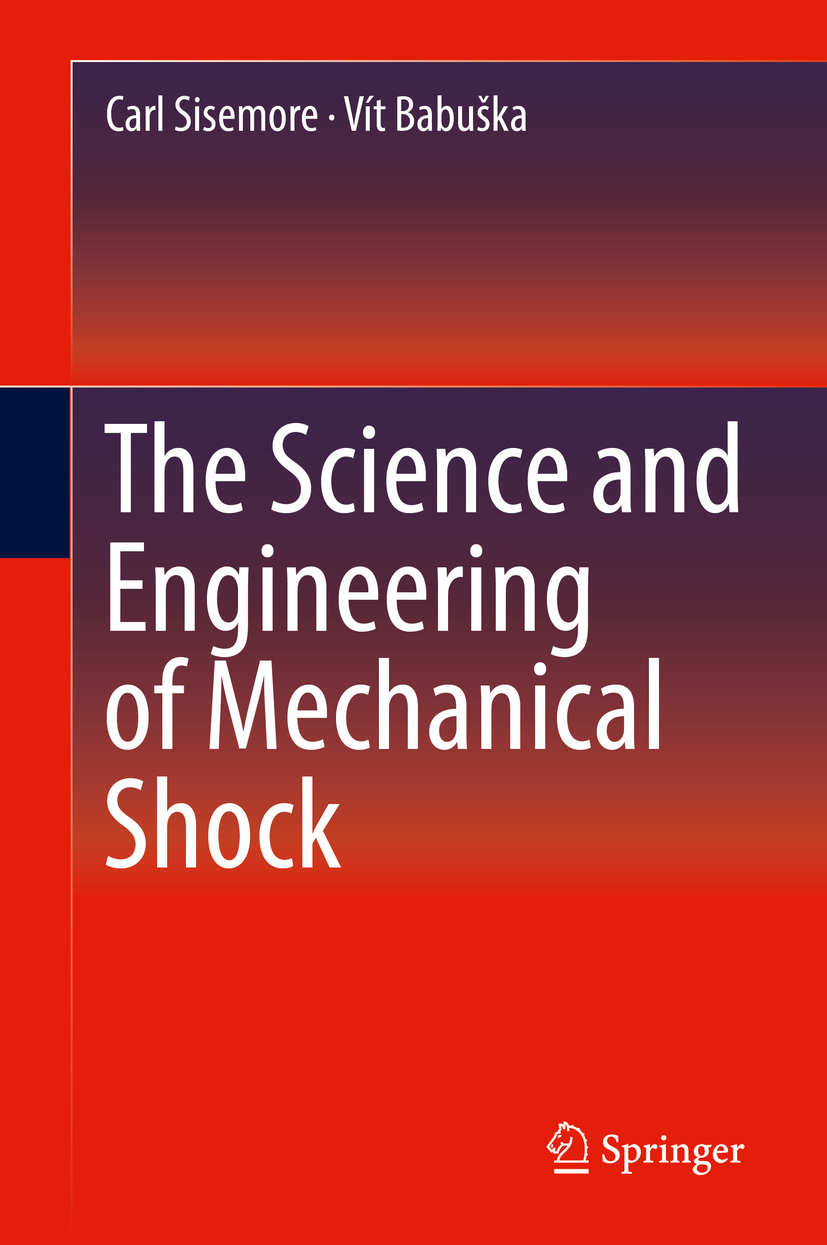
The Science and Engineering of Mechanical Shock This book fills a unique position in the literature as a dedicated mechanical shock analysis book. Because shock events can be extremely damaging, mechanical shock is an important topic for engineers to understand. This book provides the reader with the tools needed to quantitatively describe shock environments and their damage potential on aerospace, civil, naval and mechanical systems. The authors include the relevant history of how shock testing and analysis came to its current state and a discussion of the different types of shock environments typically experienced by systems. Development of single-degree-of-freedom theory and the theory of the shock response spectra are covered, consistent with treatment of shock spectra theory in the literature. What is unique is the expansion to other types of spectra including less common types of shock spectra and energy spectra methods using fundamental principles of structural dynamics. In addition, non-spectral methods are discussed with their applications. Non-spectral methods are almost completely absent from the current books on mechanical shock. Multi-degree-of-freedom shock spectra and multi-degree-of-freedom testing are discussed and the theory is developed. Addressing an emerging field for laboratory shock testing, the authors bring together information currently available only in journals and conference publications. The volume is ideal for engineers, structural designers, and structural materials fabricators needing a foundation to practically analyze shock environments and understand their role in structural design. TECHNOLOGY & ENGINEERING,Mechanical
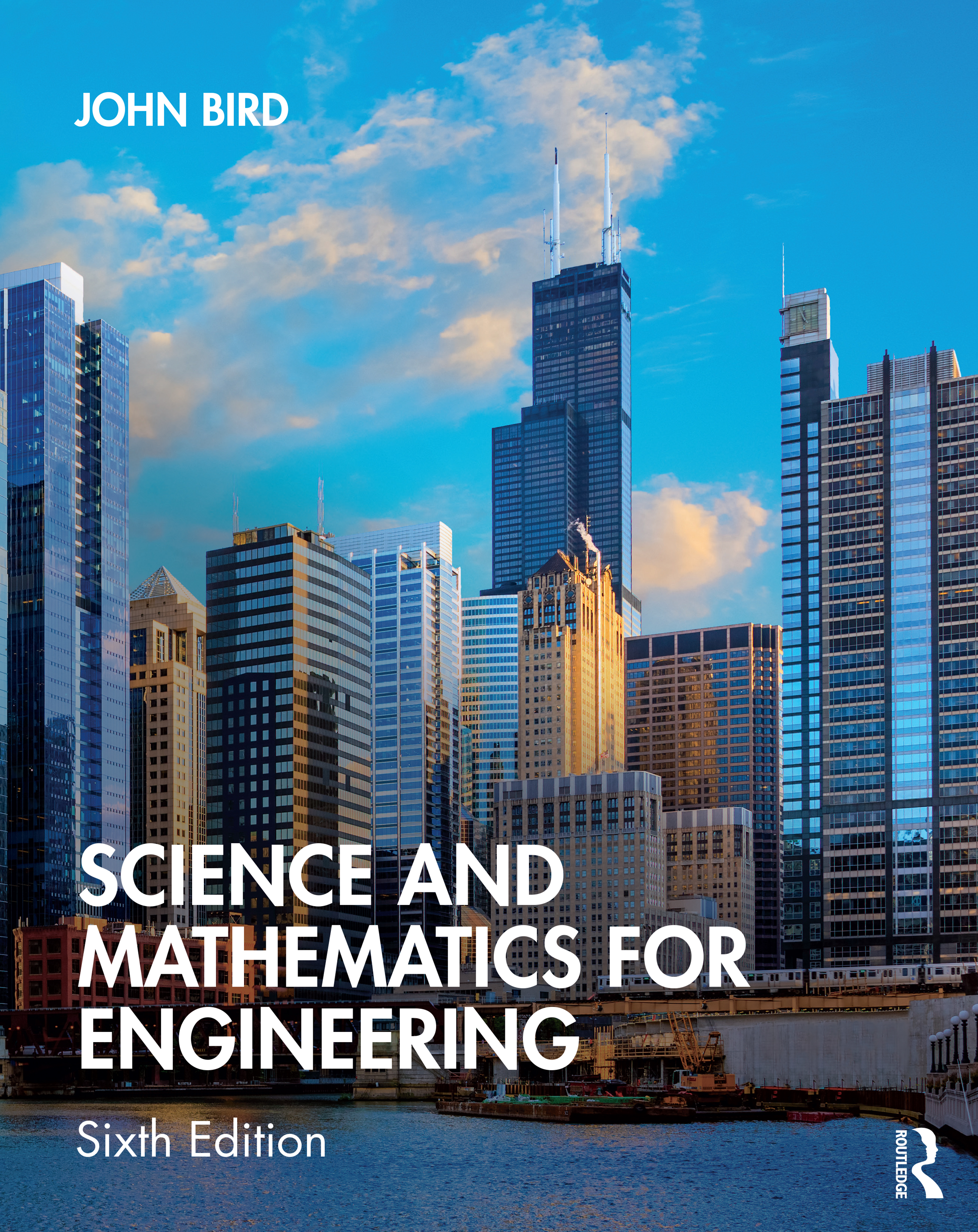
Science and Mathematics for Engineering A practical introduction to the engineering science and mathematics required for engineering study and practice. Science and Mathematics for Engineering is an introductory textbook that assumes no prior background in engineering. This new edition covers the fundamental scientific knowledge that all trainee engineers must acquire in order to pass their examinations and has been brought fully in line with the compulsory science and mathematics units in the new engineering course specifications. A new chapter covers present and future ways of generating electricity, an important topic. John Bird focuses upon engineering examples, enabling students to develop a sound understanding of engineering systems in terms of the basic laws and principles. This book includes over 580 worked examples, 1300 further problems, 425 multiple choice questions (with answers), and contains sections covering the mathematics that students will require within their engineering studies, mechanical applications, electrical applications and engineering systems. This book is supported by a companion website of materials that can be found at www.routledge/cw/bird. This resource includes fully worked solutions of all the further problems for students to access, and the full solutions and marking schemes for the revision tests found within the book for instructor use. In addition, all 447 illustrations will be available for downloading by lecturers. TECHNOLOGY & ENGINEERING,Mechanical
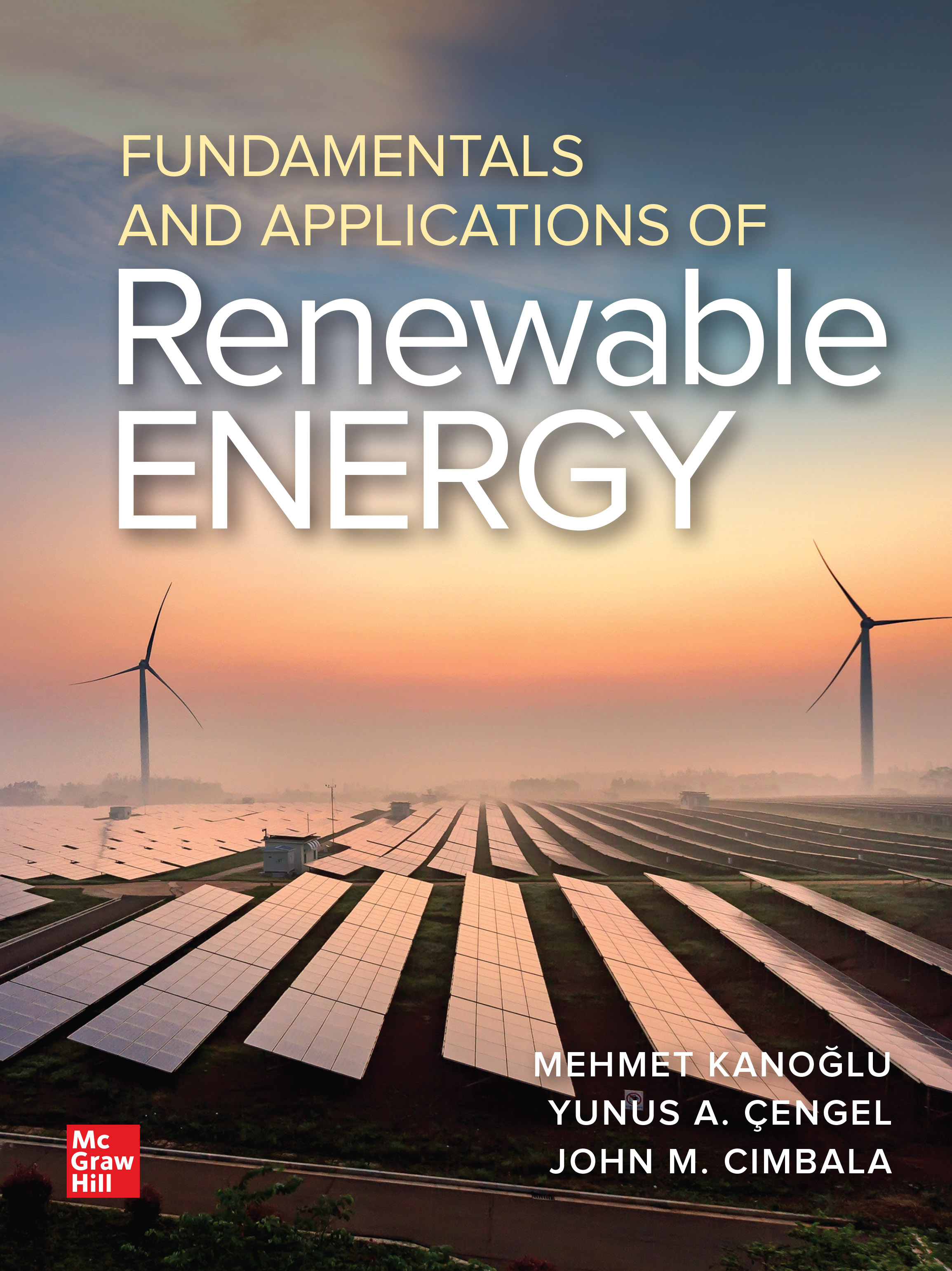
Fundamentals and Applications of Renewable Energy Master the principles and applications of today’s renewable energy sources and systems Written by a team of recognized experts and educators, this authoritative textbook offers comprehensive coverage of all major renewable energy sources. The book delves into the main renewable energy topics such as solar, wind, geothermal, hydropower, biomass, tidal, and wave, as well as hydrogen and fuel cells. By stressing real-world relevancy and practical applications, Fundamentals and Applications of Renewable Energy helps prepare students for a successful career in renewable energy. The text contains detailed discussions on the thermodynamics, heat transfer, and fluid mechanics aspects of renewable energy systems in addition to technical and economic analyses. Numerous worked-out example problems and over 850 end-of-chapter review questions reinforce main concepts, formulations, design, and analysis. Coverage includes: Renewable energy basics Thermal sciences overview Fundamentals and applications of Solar energy Wind energy Hydropower Geothermal energy Biomass energy Ocean energy Hydrogen and fuel cells• Economics of renewable energy• Energy and the environment TECHNOLOGY & ENGINEERING,Mechanical

Pumps and Compressors A practical guide to the majority of pumps and compressors used in engineering applications Pumps and compressors are ubiquitous in industry, used in manufacturing, processing and chemical plant, HVAC installations, aerospace propulsion systems, medical applications, and everywhere else where there is a need to pump liquids, or circulate or compress gasses. This well-illustrated handbook covers the basic function, performance, and applications for the most widely used pump and compressor types available on the market today. It explains how each device operates and includes the governing mathematics needed to calculate device performance such as flow rates and compression. Additionally, real-world issues such as cavitation, and priming are covered. Pumps & Compressors is divided into two sections, each of which offers a notation of variables and an introduction. The Pumps section covers piston pumps, radial turbopumps, axial turbopumps, rotating pumps, hydraulic pumps, and pumps with driving flow. The Compressors section covers piston compressors, rotating compressors, turbo compressors, ejectors, vacuum pumps, and compressors for cooling purposes. A virtual encyclopedia of all pumps and compressors that describes the mechanics of all devices and the theory, mathematics, and formulas governing their function Allows the reader to develop the skills needed to confidently select the appropriate pump or compressor type and specification for their applications Pumps & Compressors is an excellent text for courses on pumps and compressors, as well as a valuable reference for professional engineers and laymen seeking knowledge on the topic. TECHNOLOGY & ENGINEERING,Mechanical
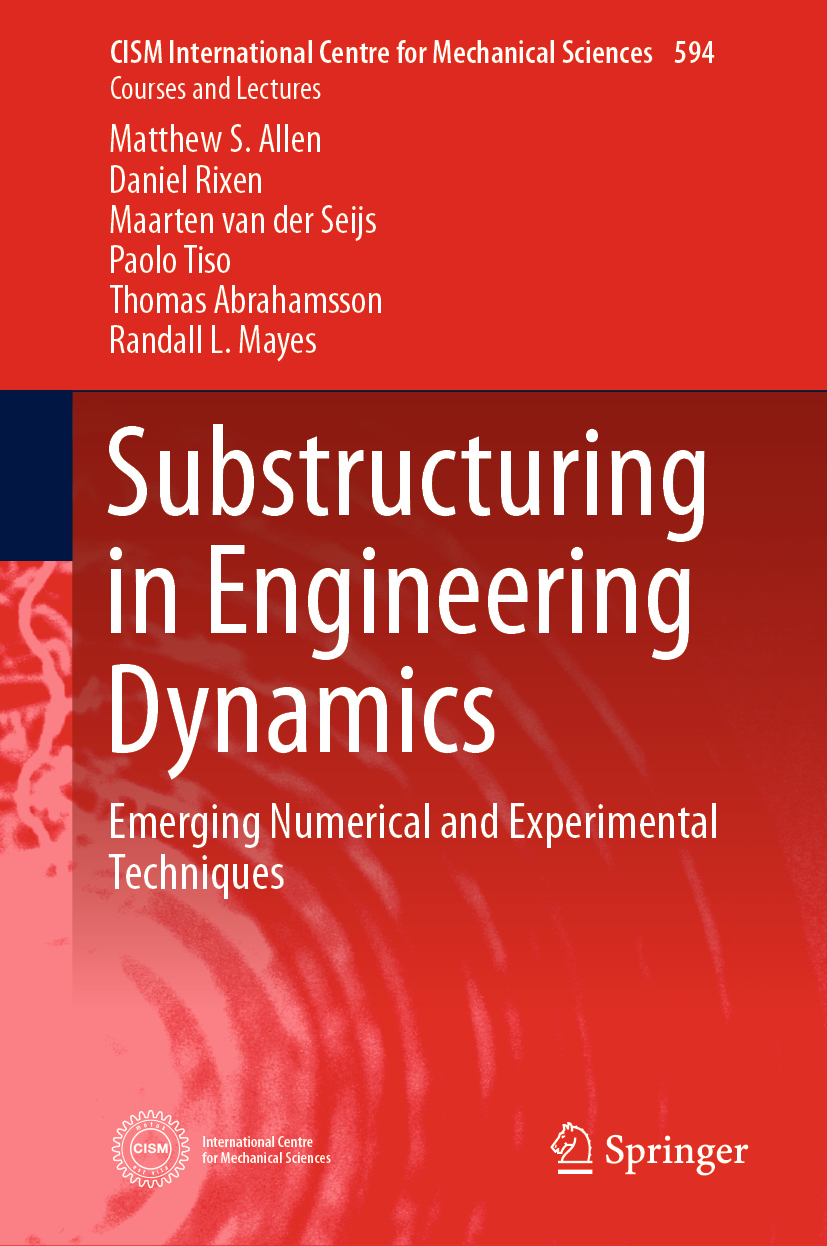
Substructuring in Engineering Dynamics This book reviews the most common state-of-the art methods for substructuring and model reduction and presents a framework that encompasses most method, highlighting their similarities and differences. For example, popular methods such as Component Mode Synthesis, Hurty/Craig-Bampton, and the Rubin methods, which are popular within finite element software, are reviewed. Similarly, experimental-to-analytical substructuring methods such as impedance/frequency response based substructuring, modal substructuring and the transmission simulator method are presented. The overarching mathematical concepts are reviewed, as well as practical details needed to implement the methods. Various examples are presented to elucidate the methods, ranging from academic examples such as spring-mass systems, which serve to clarify the concepts, to real industrial case studies involving automotive and aerospace structures. The wealth of examples presented reveal both the potential and limitations of the methods. TECHNOLOGY & ENGINEERING,Mechanical
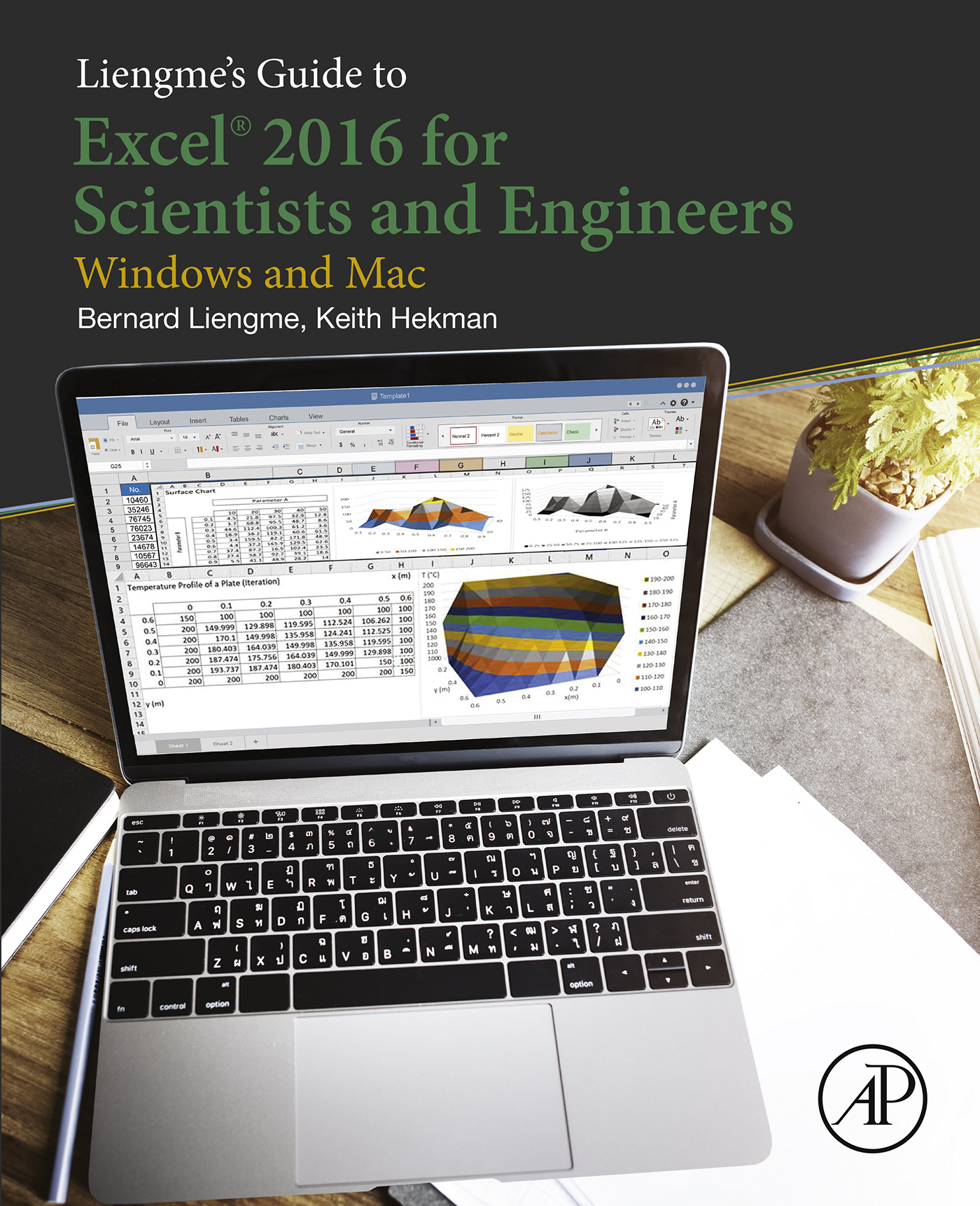
Liengme's Guide to Excel 2016 for Scientists and Engineers Liengme’s Guide to Excel 2016 for Scientists and Engineers is a completely updated guide for students, scientists, and engineers who want to use Microsoft Excel 2016 to its full potential, whether you’re using a PC or a Mac. Electronic spreadsheet analysis has become part of the everyday work of researchers in all areas of engineering and science. Microsoft Excel, as the industry standard spreadsheet, has a range of scientific functions that can be utilized for the modeling, analysis, and presentation of quantitative data. This text provides a straightforward guide to using these functions of Microsoft Excel, guiding the reader from basic principles through to more complicated areas such as formulae, charts, curve-fitting, equation solving, integration, macros, statistical functions, and presenting quantitative data. Content written specifically for the requirements of science and engineering students and professionals working with Microsoft Excel, brought fully up to date with Microsoft Office release of Excel 2016. Features of Excel 2016 are illustrated through a wide variety of examples based on technical contexts, demonstrating the use of the program for analysis and presentation of experimental results. Where appropriate, demonstrates the differences between the PC and Mac versions of Excel. Includes many new end-of-chapter problems at varying levels of difficulty. TECHNOLOGY & ENGINEERING,Mechanical
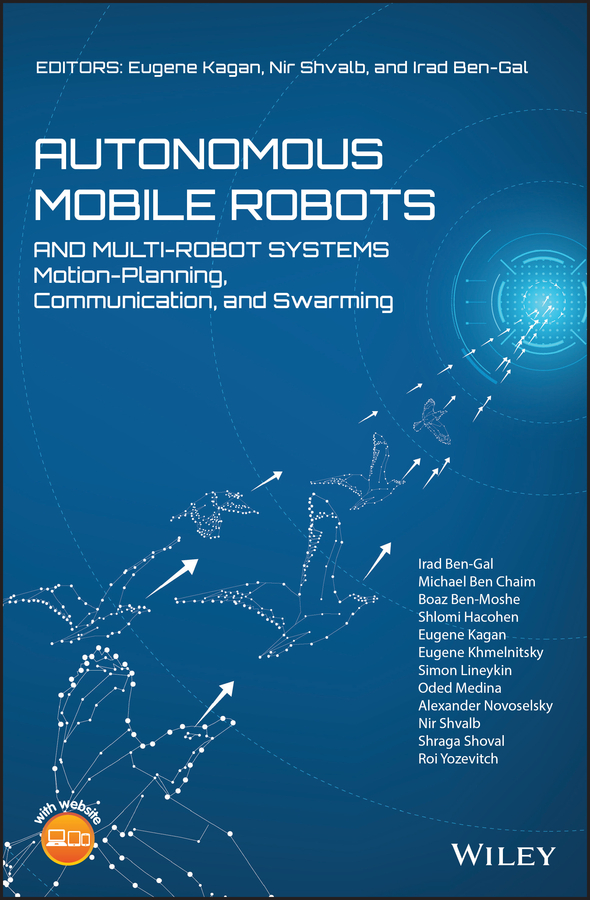
Autonomous Mobile Robots and Multi-Robot Systems Offers a theoretical and practical guide to the communication and navigation of autonomous mobile robots and multi-robot systems This book covers the methods and algorithms for the navigation, motion planning, and control of mobile robots acting individually and in groups. It addresses methods of positioning in global and local coordinates systems, off-line and on-line path-planning, sensing and sensors fusion, algorithms of obstacle avoidance, swarming techniques and cooperative behavior. The book includes ready-to-use algorithms, numerical examples and simulations, which can be directly implemented in both simple and advanced mobile robots, and is accompanied by a website hosting codes, videos, and PowerPoint slides Autonomous Mobile Robots and Multi-Robot Systems: Motion-Planning, Communication and Swarming consists of four main parts. The first looks at the models and algorithms of navigation and motion planning in global coordinates systems with complete information about the robot’s location and velocity. The second part considers the motion of the robots in the potential field, which is defined by the environmental states of the robot's expectations and knowledge. The robot's motion in the unknown environments and the corresponding tasks of environment mapping using sensed information is covered in the third part. The fourth part deals with the multi-robot systems and swarm dynamics in two and three dimensions. Provides a self-contained, theoretical guide to understanding mobile robot control and navigation Features implementable algorithms, numerical examples, and simulations Includes coverage of models of motion in global and local coordinates systems with and without direct communication between the robots Supplemented by a companion website offering codes, videos, and PowerPoint slides Autonomous Mobile Robots and Multi-Robot Systems: Motion-Planning, Communication and Swarming is an excellent tool for researchers, lecturers, senior undergraduate and graduate students, and engineers dealing with mobile robots and related issues. TECHNOLOGY & ENGINEERING,Mechanical

Hydraulic Systems Analysis TECHNOLOGY & ENGINEERING,Mechanical

LabVIEW Graphical Programming, Fifth Edition LabVIEW programming techniques, tips, and practices Learn to build effective LabVIEW programs using the detailed information contained in this thoroughly revised resource. This edition updates all content to align with the latest version and adds new chapters that clearly explain object-oriented programming methods, and programming in teams using the cloud. LabVIEW Graphical Programming, Fifth Edition begins with basics for beginners and quickly progresses to intermediate and advanced programming techniques. Written by a pair of LabVIEW experts, this hands-on guide shows how to work with data types, start building your own applications, handle I/O, and use the DAQmix library. You will also find out how to build applications that communicate with enterprise message brokers and with Amazon Web Services’ Internet of Things (IoT) message broker. Coverage includes: The origin and evolution of LabVIEW LabVIEW programming fundamentals Data acquisition Object-oriented programming in LabVIEW Frameworks, including the Delacor Queued Message Handler (DQMH®) and Actor Framework Unit testing Enterprise and IoT messaging Programming in teams using the cloud TECHNOLOGY & ENGINEERING,Mechanical
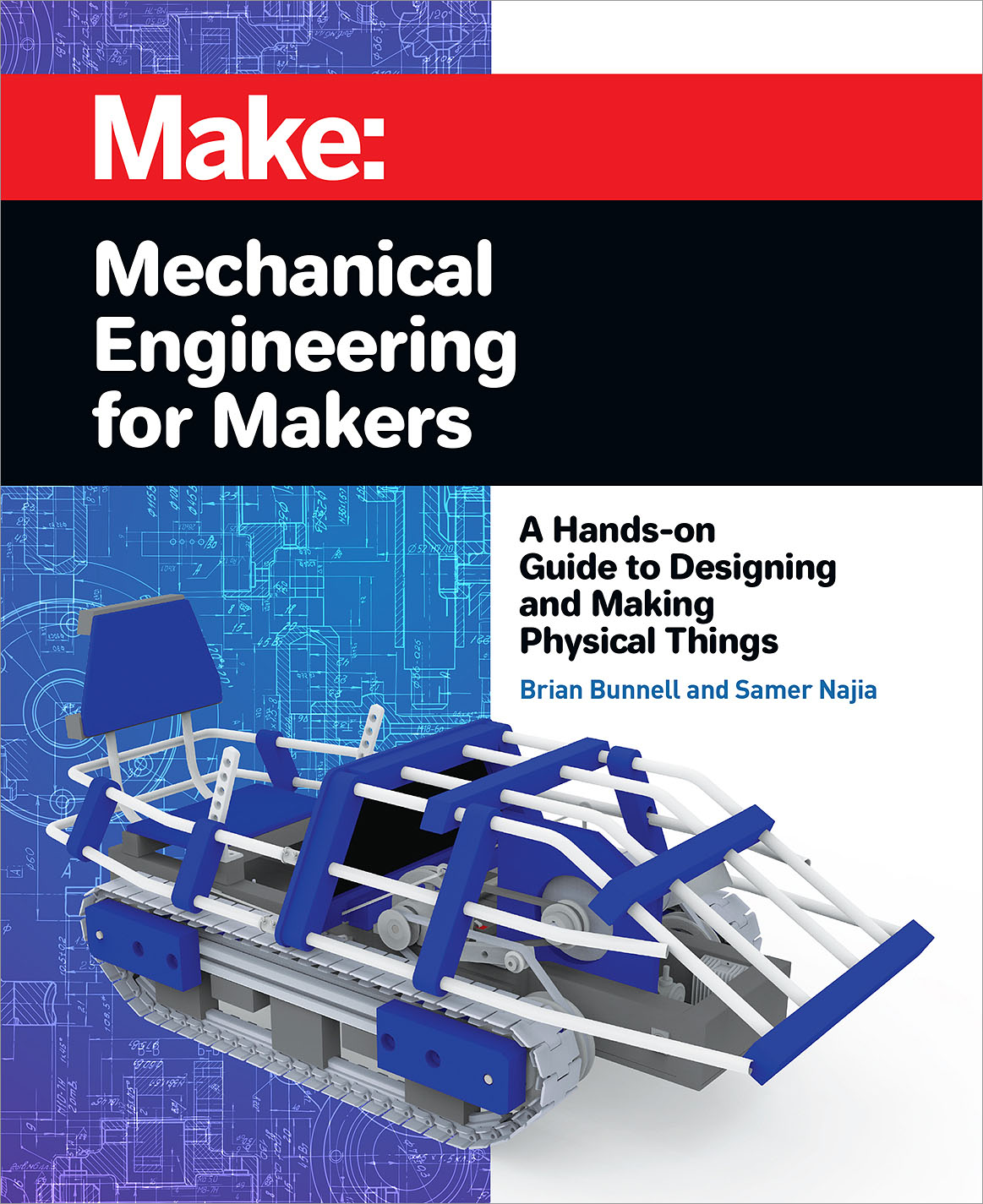
Mechanical Engineering for Makers This practical, user-friendly reference book of common mechanical engineering concepts is geared toward makers who don't have (or want) an engineering degree but need to know the essentials of basic mechanical elements to successfully accomplish their personal projects. The book provides practical mechanical engineering information (supplemented with the applicable math, science, physics, and engineering theory) without being boring like a typical textbook. Most chapters contain at least one hands-on, fully illustrated, step-by-step project to demonstrate the topic being discussed and requires only common, inexpensive, easily sourced materials and tools. Some projects also provide alternative materials and tools and processes to align with the reader's individual preferences, skills, tools, and materials-at-hand. Linked together via the authors' overarching project -- building a kid-sized tank -- the chapters describe the thinking behind each mechanism and then expands the discussions to similar mechanical concepts in other applications. Written with humor, a bit of irreverence, and entertaining personal insights and first-hand experiences, the book presents complex concepts in an uncomplicated way. Highlights include: Provides mechanical engineering information that includes math, science, physics and engineering theory without being a textbook Contains hands-on projects in each chapter that require common, inexpensive, easily sourced materials and tools All hands-on projects are fully illustrated with step-by-step instructions Some hands-on projects provide alternative materials and tools/processes to align with the reader's individual preferences, skills, tools and materials-at-hand Includes real-world insights from the authors like tips and tricks ("Staying on Track") and fail moments ("Lost Track!") Many chapters contain a section ("Tracking Further") that dives deeper into the chapter subject, for those readers that are interested in more details of the topic Builds on two related Make: projects to link and illustrate all the chapter topics and bring individual concepts together into one system Furnishes an accompanying website that offers further information, illustrations, projects, discussion boards, videos, animations, patterns, drawings, etc. Learn to effectively use professional mechanical engineering principles in your projects, without having to graduate from engineering school! TECHNOLOGY & ENGINEERING,Mechanical
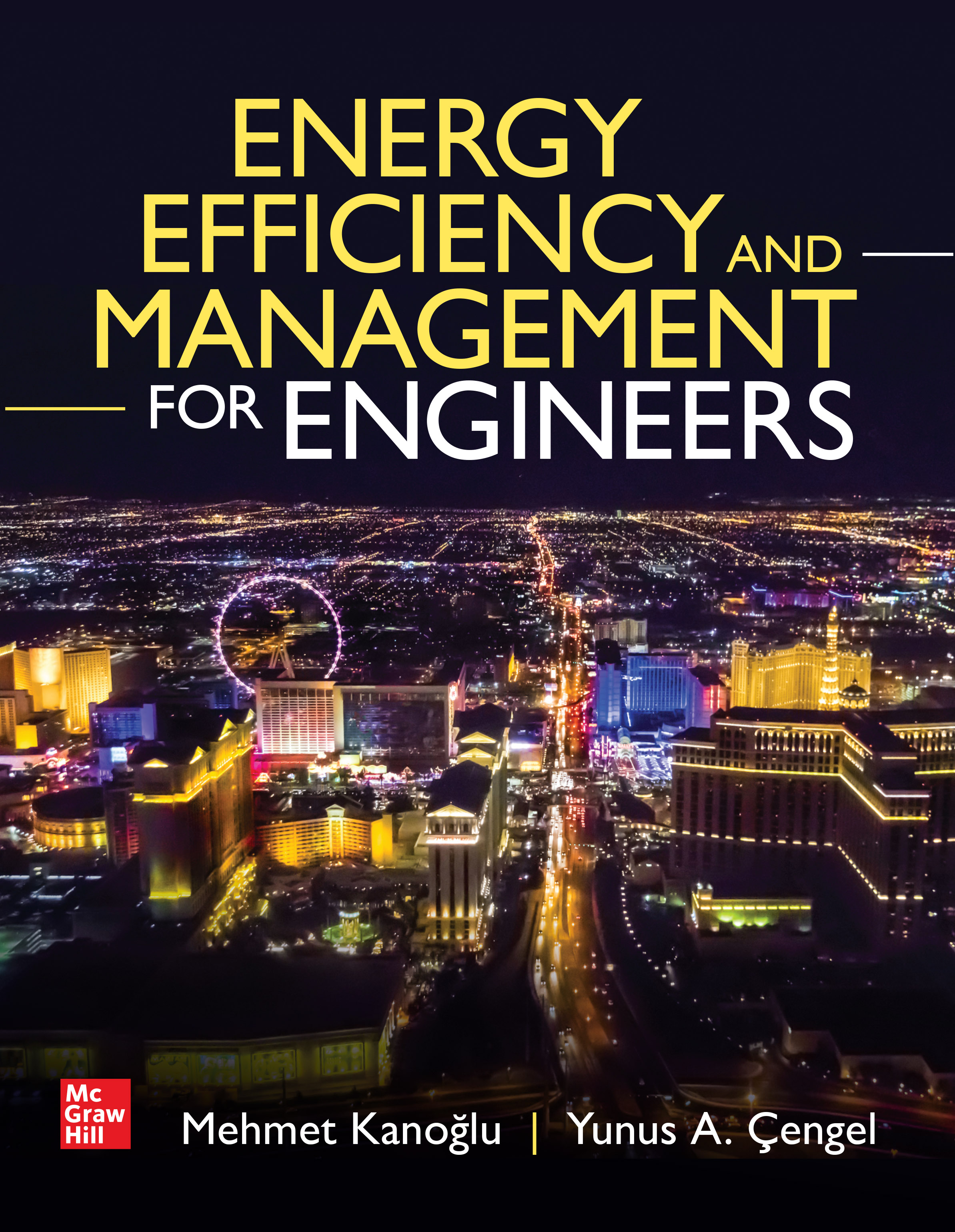
Energy Efficiency and Management for Engineers Publisher's Note: Products purchased from Third Party sellers are not guaranteed by the publisher for quality, authenticity, or access to any online entitlements included with the product. Identify energy conservation opportunities in buildings and industrial facilities and implement energy efficiency and management practices with confidence This comprehensive engineering textbook helps students master the fundamentals of energy efficiency and management and build confidence in applying basic principles of the field to practice. Written by a team of experienced energy efficiency practitioners and educators, Energy Efficiency and Management for Engineers features foundations and practice of energy efficiency principles for all aspects of energy production, distribution, and consumption. Packed with numerous worked-out examples and over 1,400 end-of-chapter problems, the book makes clear connections between theory and practice and provides the engineering rationale behind all energy efficiency measures. Coverage includes: • Energy management principles• Energy audits• Billing rate structures• Power factor• Specific energy consumption• Cogeneration• Boilers and steam systems• Heat recovery systems• Thermal insulation• Heating and cooling of buildings• Windows and infiltration• Electric motors• Compressed air lines• Lighting systems• Energy efficiency practices in buildings• Economic analysis and environmental impacts TECHNOLOGY & ENGINEERING,Mechanical
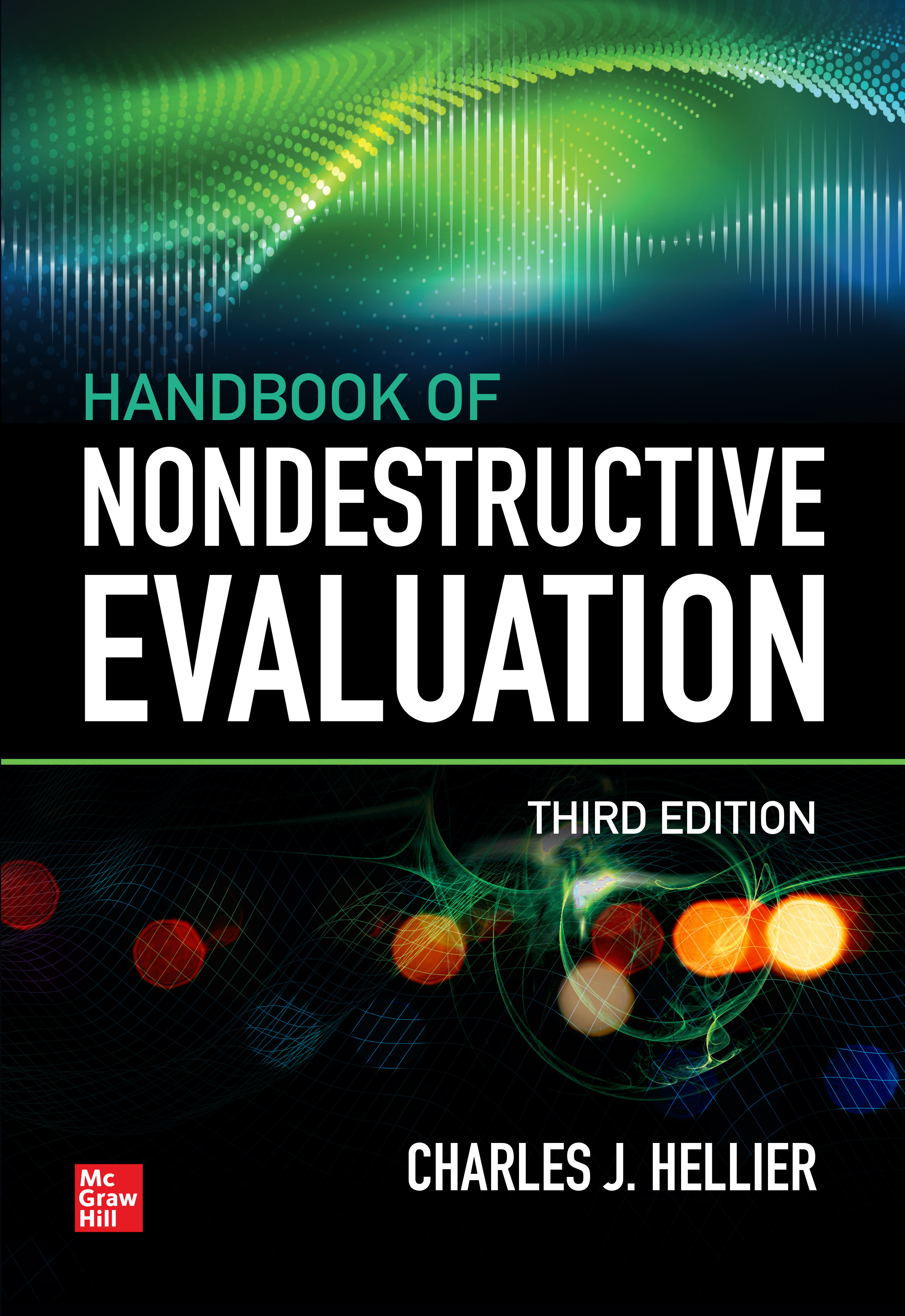
Handbook of Nondestructive Evaluation, 3E Publisher's Note: Products purchased from Third Party sellers are not guaranteed by the publisher for quality, authenticity, or access to any online entitlements included with the product. A fully updated guide to nondestructive product testing practices and standards This up-to-date resource covers the latest methods for examining materials without destroying them or altering their structure. The book offers comprehensive details on the background, benefits, limitations, and applications of each technique. You will discover how to perform effective tests, interpret results, and formulate accurate decisions based on your findings. Ideal both as a textbook and as a study guide for the ANST certification exam, this book clearly discusses visual, ultrasonic, and thermal infrared testing—and much more. Handbook of Nondestructive Evaluation, Third Edition, covers: [The first bullet point states the obvious: Like most books, this book introduces the subject of the book in Chapter 1. Therefore, I have deleted the bullet point. (Of course, this is just my opinion. If others disagree with me, feel free to ignore me.) • Discontinuities―origins and classification • Visual testing • Penetrant testing • Magnetic particle testing • Radiographic testing • Ultrasonic testing • Eddy current testing • Thermal infrared testing • Acoustic emission testing • Digital radiography • Ultrasonic phased array testing • Ultrasonic guided wave inspection • Shearography nondestructive testing TECHNOLOGY & ENGINEERING,Mechanical

Roark's Formulas for Stress and Strain, 9E Publisher's Note: Products purchased from Third Party sellers are not guaranteed by the publisher for quality, authenticity, or access to any online entitlements included with the product. The industry-standard resource for stress and strain formulas―fully updated for the latest advances and restructured for ease of use This newly designed and thoroughly revised guide contains accurate and thorough tabulated formulations that can be applied to the stress analysis of a comprehensive range of structural components. Roark's Formulas for Stress and Strain, Ninth Edition has been reorganized into a user-friendly format that makes it easy to access and apply the information. The book explains all of the formulas and analyses needed by designers and engineers for mechanical system design. You will get a solid grounding in the theory behind each formula along with real-world applications that cover a wide range of materials. Coverage includes: • The behavior of bodies under stress• Analytical, numerical, and experimental methods• Tension, compression, shear, and combined stress• Beams and curved beams• Torsion, flat plates, and columns• Shells of revolution, pressure vessels, and pipes• Bodies under direct pressure and shear stress• Elastic stability• Dynamic and temperature stresses• Stress concentration• Fatigue and fracture• Stresses in fasteners and joints• Composite materials and solid biomechanics TECHNOLOGY & ENGINEERING,Mechanical

Road Vehicle Dynamics Road Vehicle Dynamics: Fundamentals and Modeling with MATLAB®, Second Edition combines coverage of vehicle dynamics concepts with MATLAB v9.4 programming routines and results, along with examples and numerous chapter exercises. Improved and updated, the revised text offers new coverage of active safety systems, rear wheel steering, race car suspension systems, airsprings, four-wheel drive, mechatronics, and other topics. Based on the lead author's extensive lectures, classes, and research activities, this unique text provides readers with insights into the computer-based modeling of automobiles and other ground vehicles. Instructor resources, including problem solutions, are available from the publisher. TECHNOLOGY & ENGINEERING,Mechanical
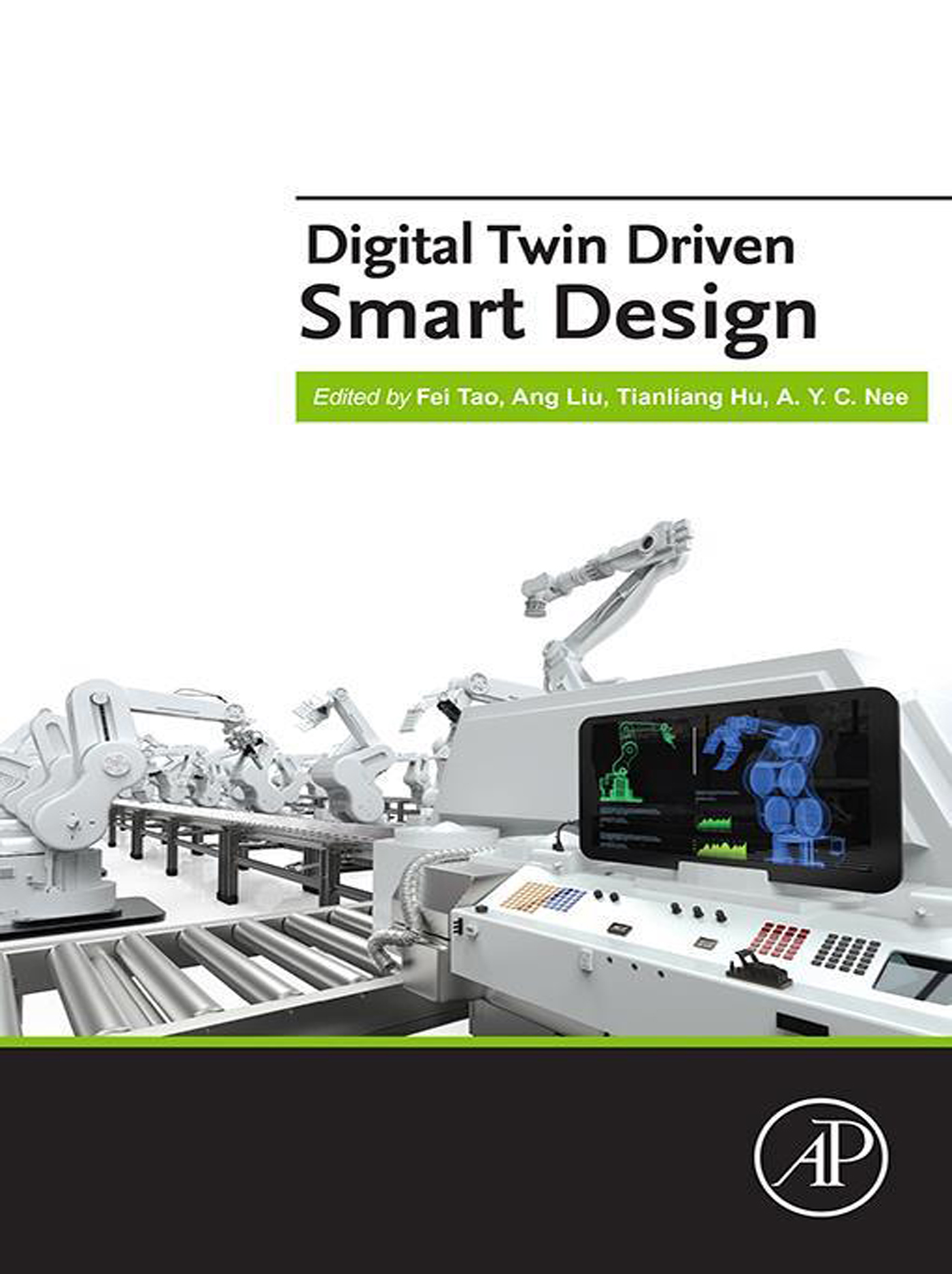
Digital Twin Driven Smart Design Digital Twin Driven Smart Design draws on the latest industry practice and research to establish a basis for the implementation of digital twin technology in product design. Coverage of relevant design theory and methodology is followed by detailed discussions of key enabling technologies that are supported by cutting-edge case studies of implementation. This groundbreaking book explores how digital twin technology can bring improvements to different kinds of product design process, including functional, lean and green. Drawing on the work of researchers at the forefront of this technology, this book is the ideal guide for anyone interested in digital manufacturing or computer-aided design. Provides detailed case studies that explore key applications of digital twin technology in design practice Introduces the concept of using digital twins to create the virtual commissioning of design projects Presents a framework to help engineers incorporate digital twins into their product design process TECHNOLOGY & ENGINEERING,Mechanical

Direct and Large Eddy Simulation XII This book gathers the proceedings of the 12th instalment in the bi-annual Workshop series on Direct and Large Eddy Simulation (DLES), which began in 1994 and focuses on modern techniques used to simulate turbulent flows based on the partial or full resolution of the instantaneous turbulent flow structure. With the rapidly expanding capacities of modern computers, this approach has attracted more and more interest over the years and will undoubtedly be further enhanced and applied in the future. Hybrid modelling techniques based on a combination of LES and RANS approaches also fall into this category and are covered as well. The goal of the Workshop was to share the state of the art in DNS, LES and related techniques for the computation and modelling of turbulent and transitional flows. The respective papers highlight the latest advances in the prediction, understanding and control of turbulent flows in academic and industrial applications. TECHNOLOGY & ENGINEERING,Mechanical
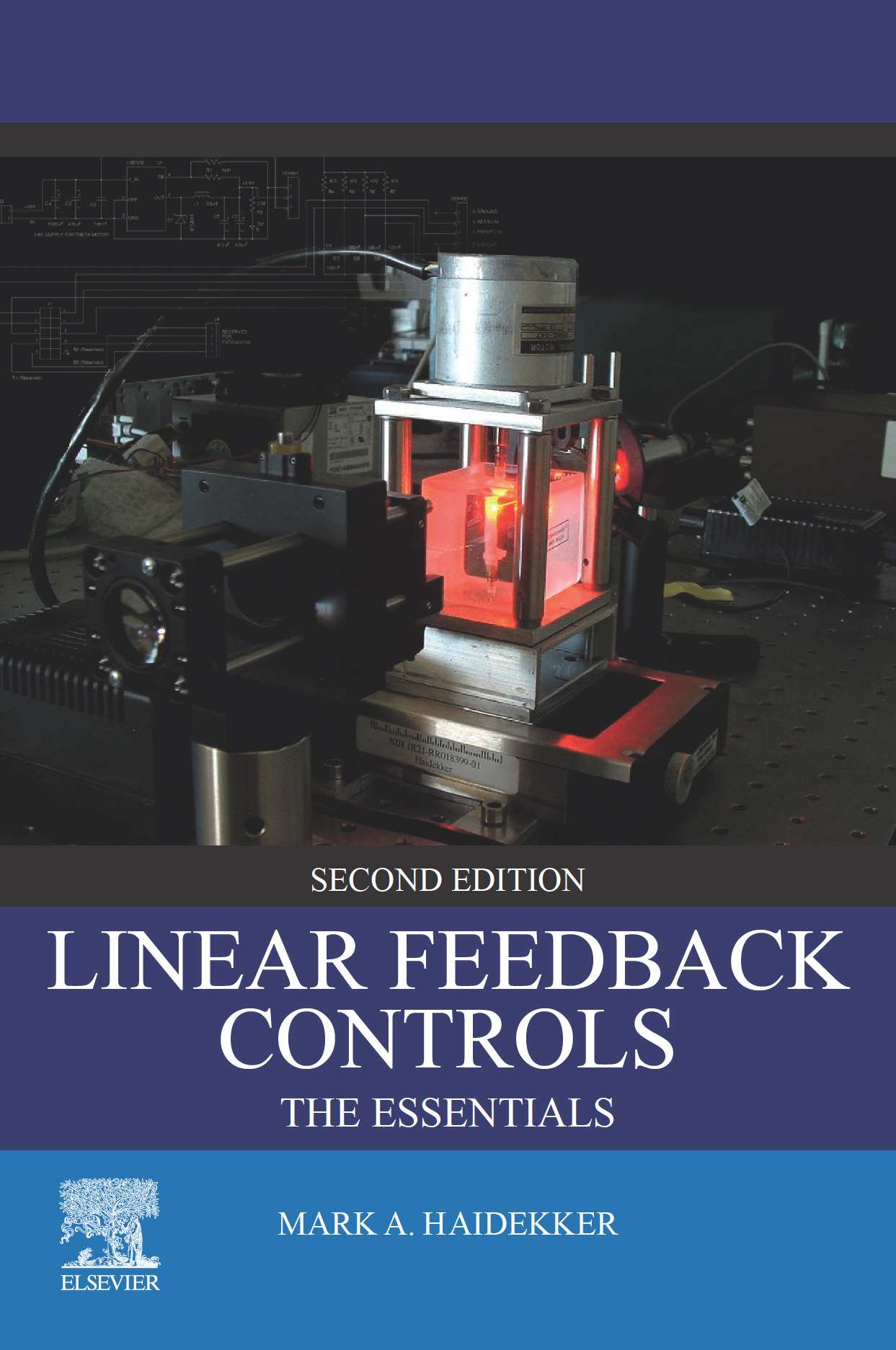
Linear Feedback Controls Control systems are one of the most important engineering fields, and recent advances in microelectonics and microelectromechanical systems have made feedback controls ubiquitous – a simple cell phone, for example, can have dozens of feedback control systems. Recent research focuses on advanced controls, such as nonlinear systems, adaptive controls, or controls based on computer learning and artificial intelligence. Conversely, classical (linear) control theory is well established; yet, it provides the crucial foundation not only for advanced control topics, but also for the many everyday control systems ranging from cell phone backlight control to self-balancing hoverboard scooters. Linear Feedback Controls provides a comprehensive, yet compact introduction to classical control theory. The present Second Edition has been expanded to include important topics, such as state-space models and control robustness. Moreover, aspects of the practical realization have been significantly expanded with complete design examples and with typical building blocks for control systems. The book is ideal for upper level students in electrical and mechanical engineering, for whom a course in Feedback Controls is usually required. Moreover, students in bioengineering, chemical engineering, and agricultural and environmental engineering can benefit from the introductory character and the practical examples, and the book provides an introduction or helpful refresher for graduate students and professionals. Focuses on the essentials of control fundamentals, system analysis, mathematical description and modeling, and control design to guide the reader Illustrates how control theory is linked to design of control systems and their performance by introducing theoretical elements as tools in a designer’s toolbox Guides the reader through the different analysis and design tools with strands of examples that weave throughout the book Highlights both the design process and typical applications by presenting detailed practical examples and their realization and performance, complete with circuit diagrams and measured performance data TECHNOLOGY & ENGINEERING,Mechanical
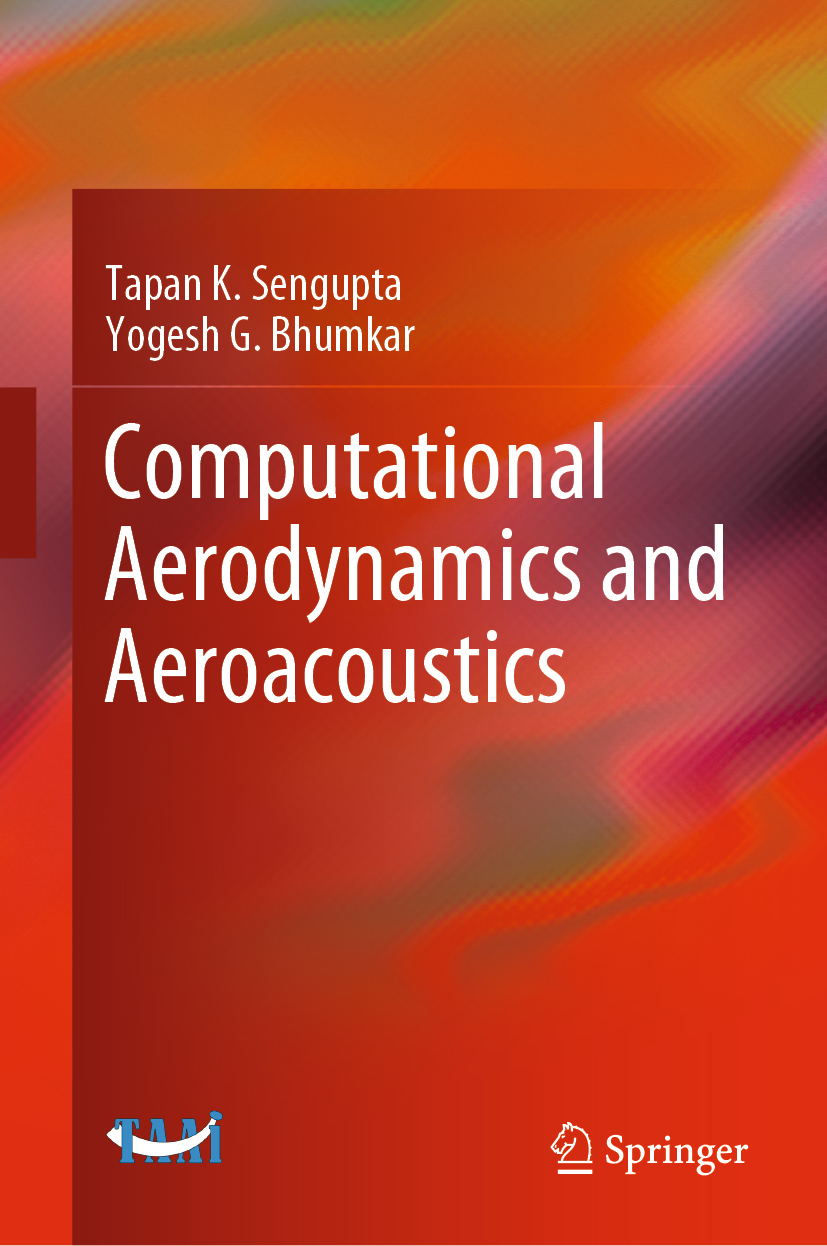
Computational Aerodynamics and Aeroacoustics Recent advances in scientific computing have caused the field of aerodynamics to change at a rapid pace, simplifying the design cycle of aerospace vehicles enormously – this book takes the readers from core concepts of aerodynamics to recent research, using studies and real-life scenarios to explain problems and their solutions. This book presents in detail the important concepts in computational aerodynamics and aeroacoustics taking readers from the fundamentals of fluid flow and aerodynamics to a more in-depth analysis of acoustic waves, aeroacoustics, computational modelling and processing. This book will be of use to students in multiple branches of engineering, physics and applied mathematics. Additionally, the book can also be used as a text in professional development courses for industry engineers and as a self-help reference for active researchers in both academia and the industry. TECHNOLOGY & ENGINEERING,Mechanical
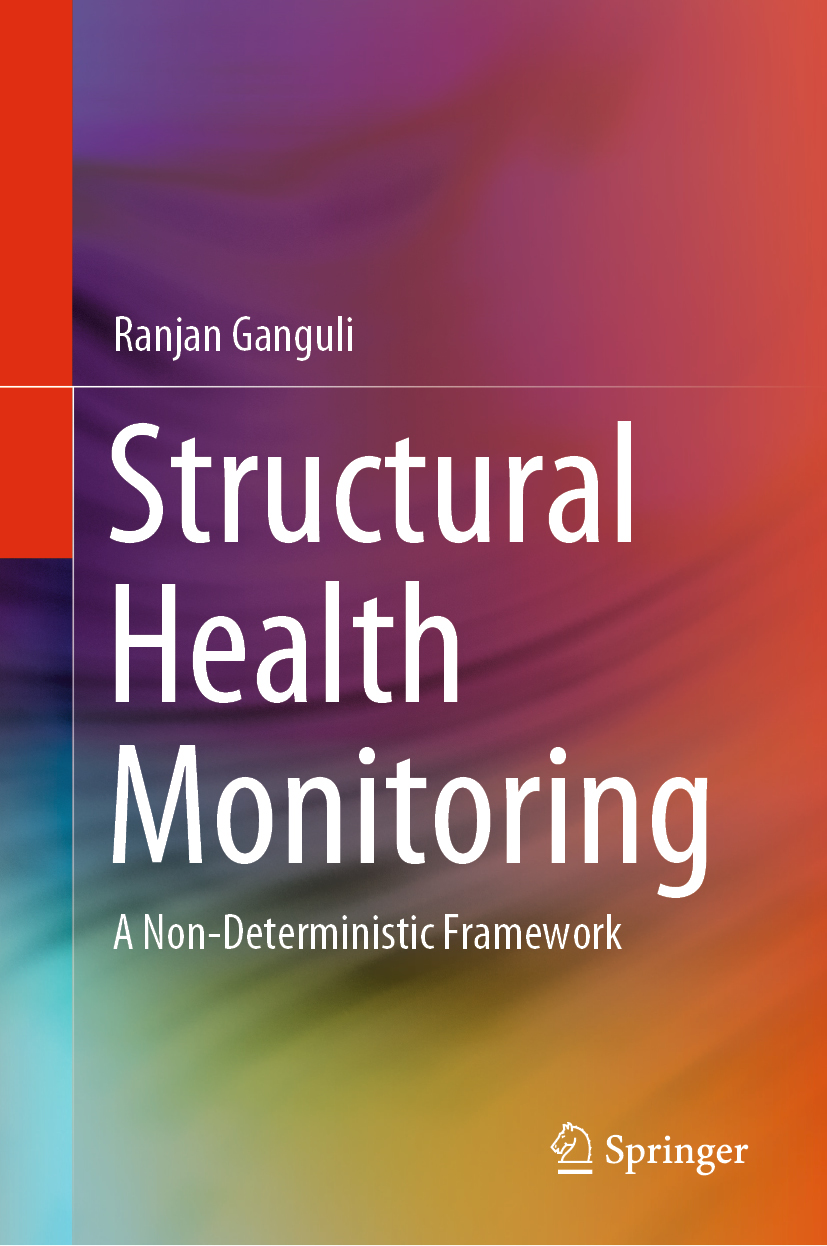
Structural Health Monitoring This book discusses systems of damage detection and structural health monitoring in mechanical, civil, and aerospace structures. It utilizes principles of fuzzy logic, probability theory, and signal processing to develop systems and approaches that are robust in the presence of both noise in the data and variations in properties of materials which are intrinsic to the process of mass production. This volume will be useful to graduate students, researchers, and engineers working in this area, especially those looking to understand and address model uncertainty in their algorithms. TECHNOLOGY & ENGINEERING,Mechanical
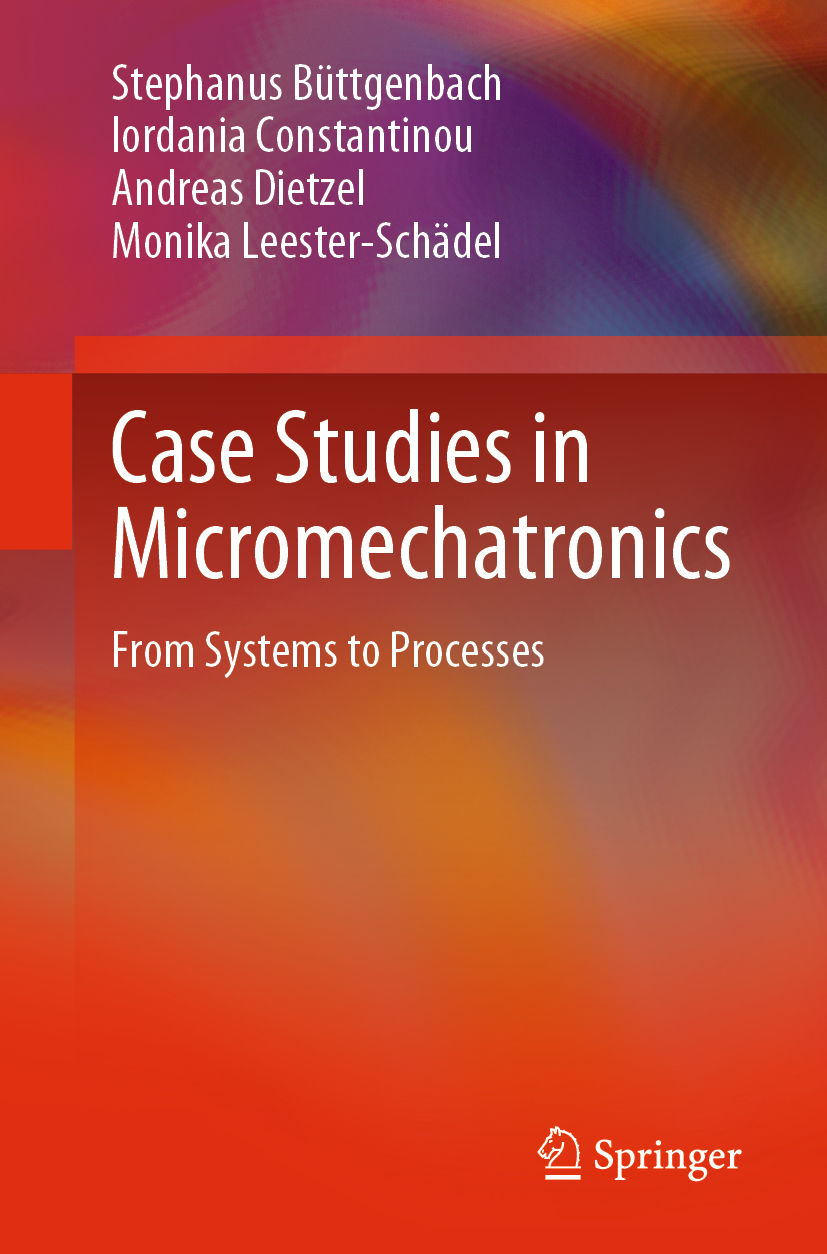
Case Studies in Micromechatronics The book “Case Studies in Micromechatronics – From Systems to Process†offers prominent sample applications of micromechatronic systems and the enabling fabrication technologies. The chosen examples represent five main fields of application: consumer electronics (pressure sensor), mobility and navigation (acceleration sensor), handling technology and automation (micro gripper), laboratory diagnostics (point of care system), and biomedical technology (smart skin). These five sample systems are made from different materials requiring a large variety of modern fabrication methods and design rules, which are explained in detail. As a result, an inverted introduction “from prominent applications to base technologies†is provided. Examples of applications are selected to offer a broad overview of the development environment of micromechatronic systems including established as well as cutting-edge microfabrication technologies. TECHNOLOGY & ENGINEERING,Mechanical
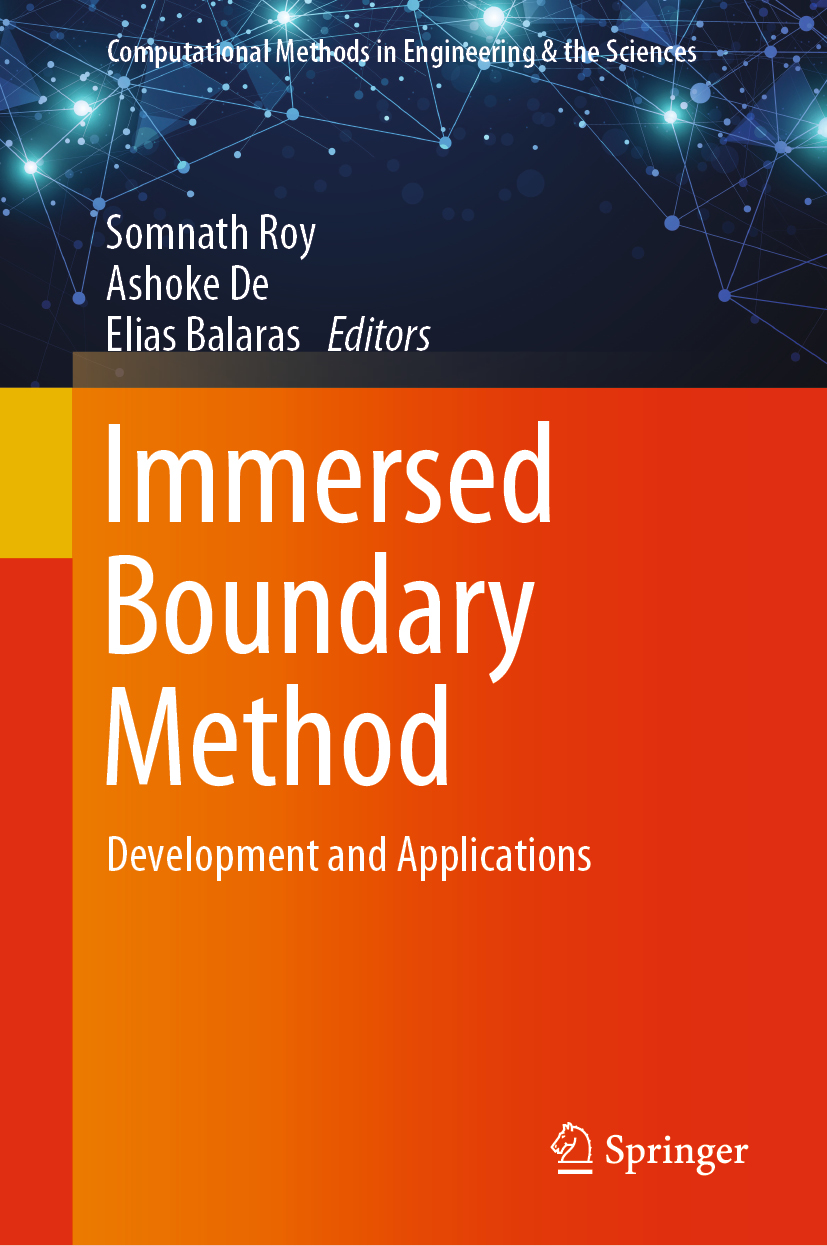
Immersed Boundary Method This volume presents the emerging applications of immersed boundary (IB) methods in computational mechanics and complex CFD calculations. It discusses formulations of different IB implementations and also demonstrates applications of these methods in a wide range of problems. It will be of special value to researchers and engineers as well as graduate students working on immersed boundary methods, specifically on recent developments and applications. The book can also be used as a supplementary textbook in advanced courses in computational fluid dynamics. TECHNOLOGY & ENGINEERING,Mechanical

Proceedings of the Third International Conference on Theoretical, Applied and Experimental Mechanics This book presents the proceedings of the 3rd edition of the International Conference on Theoretical, Applied and Experimental Mechanics. The papers focus on all aspects of theoretical, applied and experimental mechanics, including biomechanics, composite materials, computational mechanics, constitutive modeling of materials, dynamics, elasticity, experimental mechanics, fracture mechanics, mechanical properties of materials, micromechanics, nanomechanics, plasticity, stress analysis, structures, wave propagation. TECHNOLOGY & ENGINEERING,Mechanical
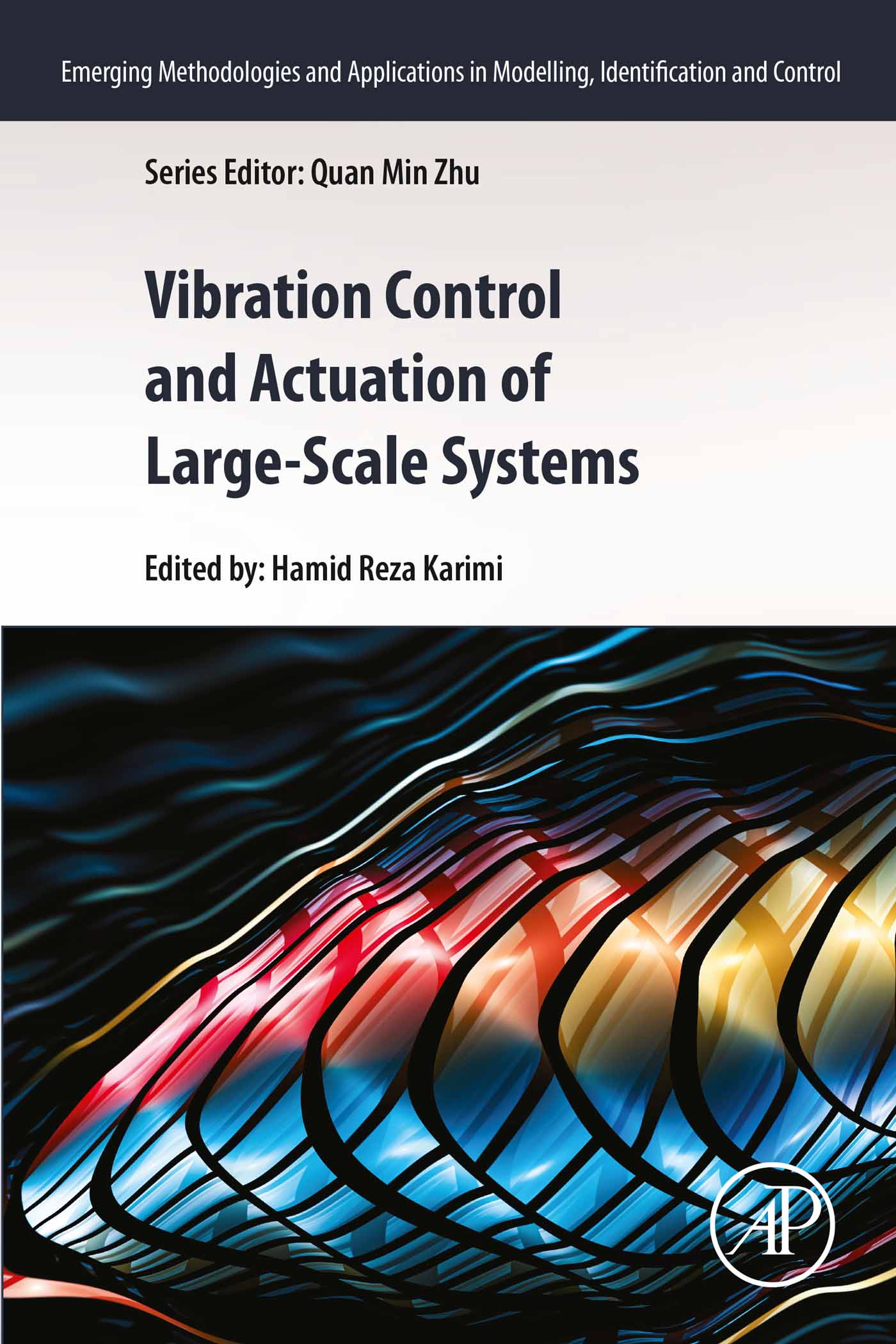
Vibration Control and Actuation of Large-Scale Systems Vibration Control and Actuation of Large-Scale Systems gives a systematically and self-contained description of the many facets of envisaging, designing, implementing, or experimentally exploring advanced vibration control systems. The book is devoted to the development of mathematical methodologies for vibration analysis and control problems of large-scale systems, including structural dynamics, vehicle dynamics and wind turbines, for example. The research problems addressed in each chapter are well motivated, with numerical and simulation results given in each chapter that reflect best engineering practice. Provides a series of the latest results in vibration control, structural control, actuation, component failures, and more Gives numerical and simulation results to reflect best engineering practice Presents recent advances of theory, technological aspects, and applications of advanced control methodologies in vibration control TECHNOLOGY & ENGINEERING,Mechanical
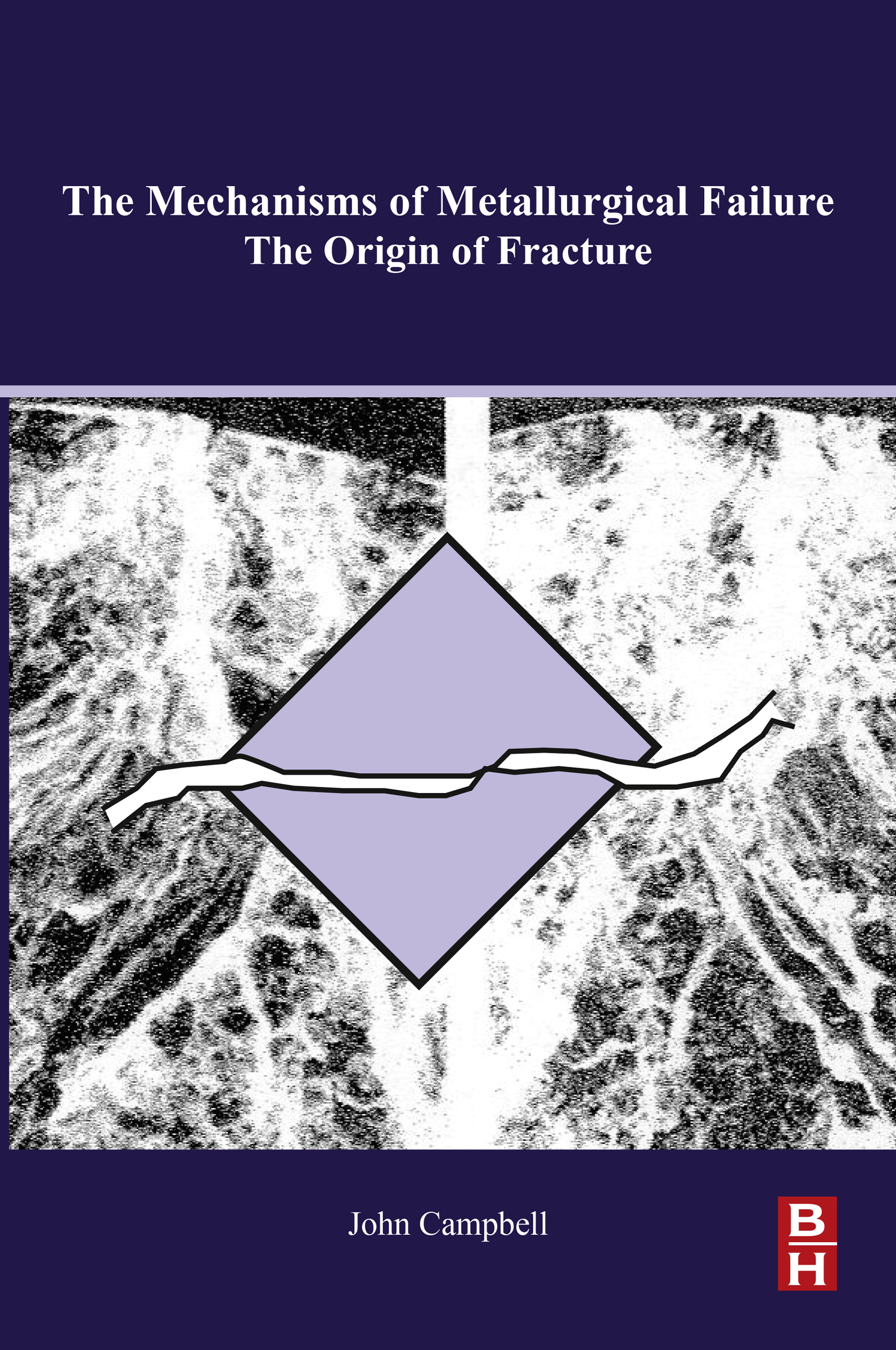
The Mechanisms of Metallurgical Failure Metallurgy of Fracture: The Mechanics of Metal Failure looks at the origin of metal defects, their related mechanisms of failure, and the modification of casting procedures to eliminate these defects, clearly connecting the strength and durability of metals with their fabrication process. The book starts with a focus on the fracture of liquids, looking at topics such as homogeneous and heterogeneous nucleation, entrainment processes in bifilms and bubbles, furling and unfurling, ingot casting, continuous casting, and more. From there it discusses fracture of liquid and solid state, focusing on topics such as externally and internally initiated tearing. The book then concludes with a section discussing fracture of solid metals covering concepts such as ductility and brittleness, dislocation mechanisms, the relationship between the microstructure and properties of metals, corrosion, hydrogen embrittlement, and more. Improved approaches to fabrication and casting processes that will help eliminate these defects are provided throughout. Looks at how the fracture of metals originates in the liquid-state due to poor casting practices Offers improved casting techniques to reduce liquid-state borne fracture Draws attention to the parallels between fracture initiation in the liquid and solid states Covers spall tests and how to improve material quality by hot isostatic pressing TECHNOLOGY & ENGINEERING,Mechanical
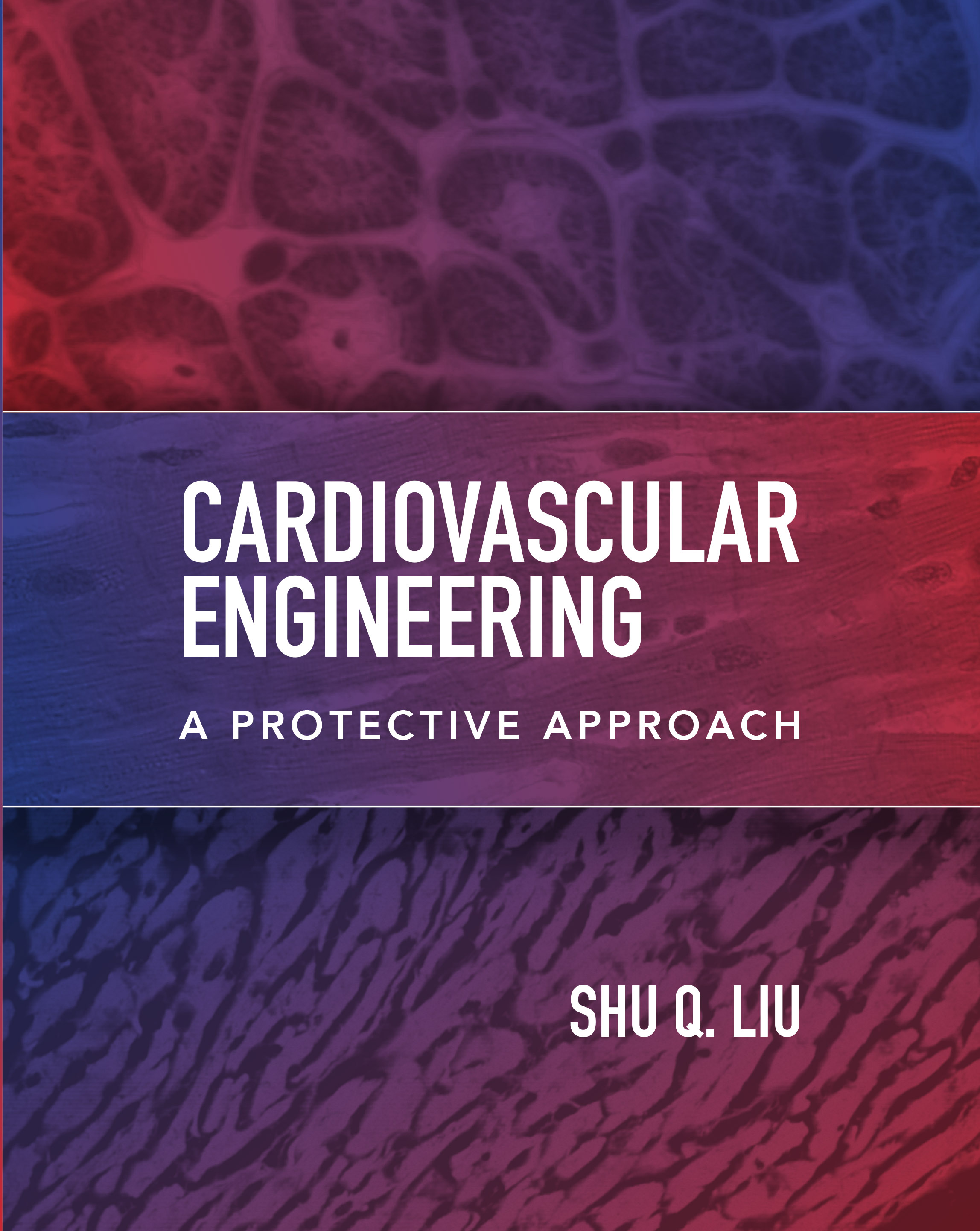
Cardiovascular Engineering Publisher's Note: Products purchased from Third Party sellers are not guaranteed by the publisher for quality, authenticity, or access to any online entitlements included with the product. Cardiovascular engineering principles and practices with a focus on disease prevention Aimed at advanced students taking cardiovascular, regenerative, and tissue engineering courses, Cardiovascular Engineering: A Protective Approach explores applications of protective engineering strategies and technologies to common cardiovascular disorders. A protective approach to cardiovascular engineering involves studying the naturally occurring mechanisms that protect molecules, cells, and organs from injury and dysfunction. The goal is to use this understanding to design and develop engineering-based therapeutic strategies and technologies that prevent cardiovascular injury and disease. Readers will learn the fundamental and applied aspects of cardiovascular engineering. Coverage includes: • Foundations of cardiovascular protective engineering• Development of the heart, blood vessels, and blood cells• Stem cells and regeneration• Structure and function of the heart and blood vessels• Cytokines and growth factors in cardiovascular disease• Mechanisms of disease• Systems protective mechanisms against injury• Protective engineering strategies• Systemic hypertension• Atherosclerosis and arterial aneurysms• Ischemic heart disease and ischemic stroke• Cardiomyopathies and congenital heart disease TECHNOLOGY & ENGINEERING,Mechanical
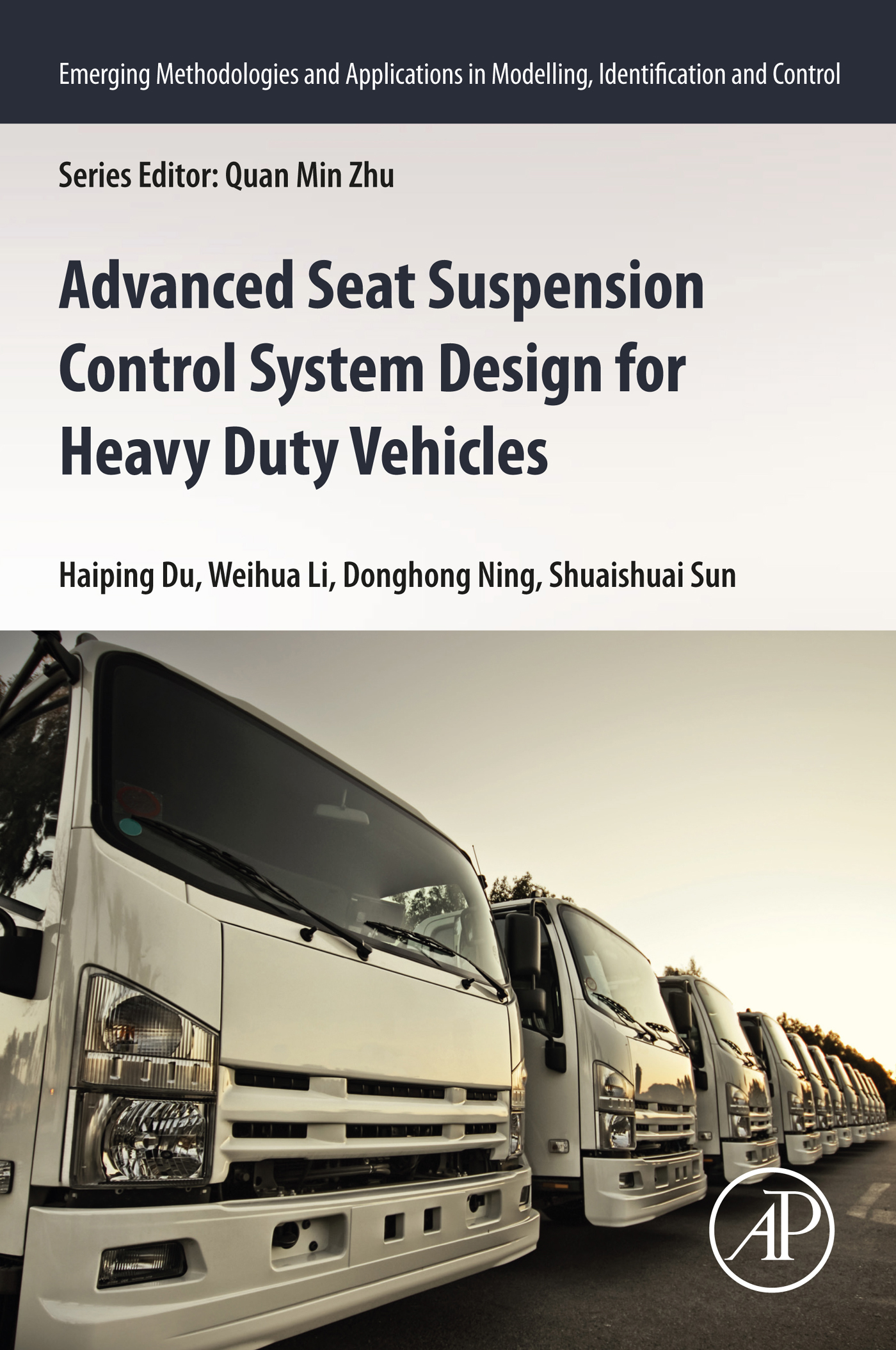
Advanced Seat Suspension Control System Design for Heavy Duty Vehicles Advanced Seat Suspension Control System Design for Heavy Duty Vehicles provides systematic knowledge of the advanced seat suspension design and control for heavy duty vehicles. Nowadays, people are paying more and more attention to ride comfort and the health of drivers and passengers. This is especially for heavy duty vehicles, where drivers/operators are exposed to much severer vibrations than those in passenger vehicles due to a harsh working environment, operating conditions, and long hour driving, etc. Seat suspension systems can effectively help to suppress the high magnitude vibration transmitted to drivers with relatively simple structure and low cost, and hence are widely adopted in heavy duty vehicles. This book helps researchers and engineers to have a comprehensive understanding of the seat suspension system and to conduct in-depth studies on seat suspension design and control; this book covers a wide range of perspectives about seat suspension design and control methods. Describes the variable damping, variable stiffness, and, especially, variable inertance seat suspensions Provides the advanced and comprehensive knowledge about semi-active vibration control Introduces the multiple-DOF seat suspension Includes the innovative hybrid seat suspension and nonlinear seat suspension All the introduced designs have been prototyped and experimentally validated Provides Matlab Simulation programming codes TECHNOLOGY & ENGINEERING,Mechanical
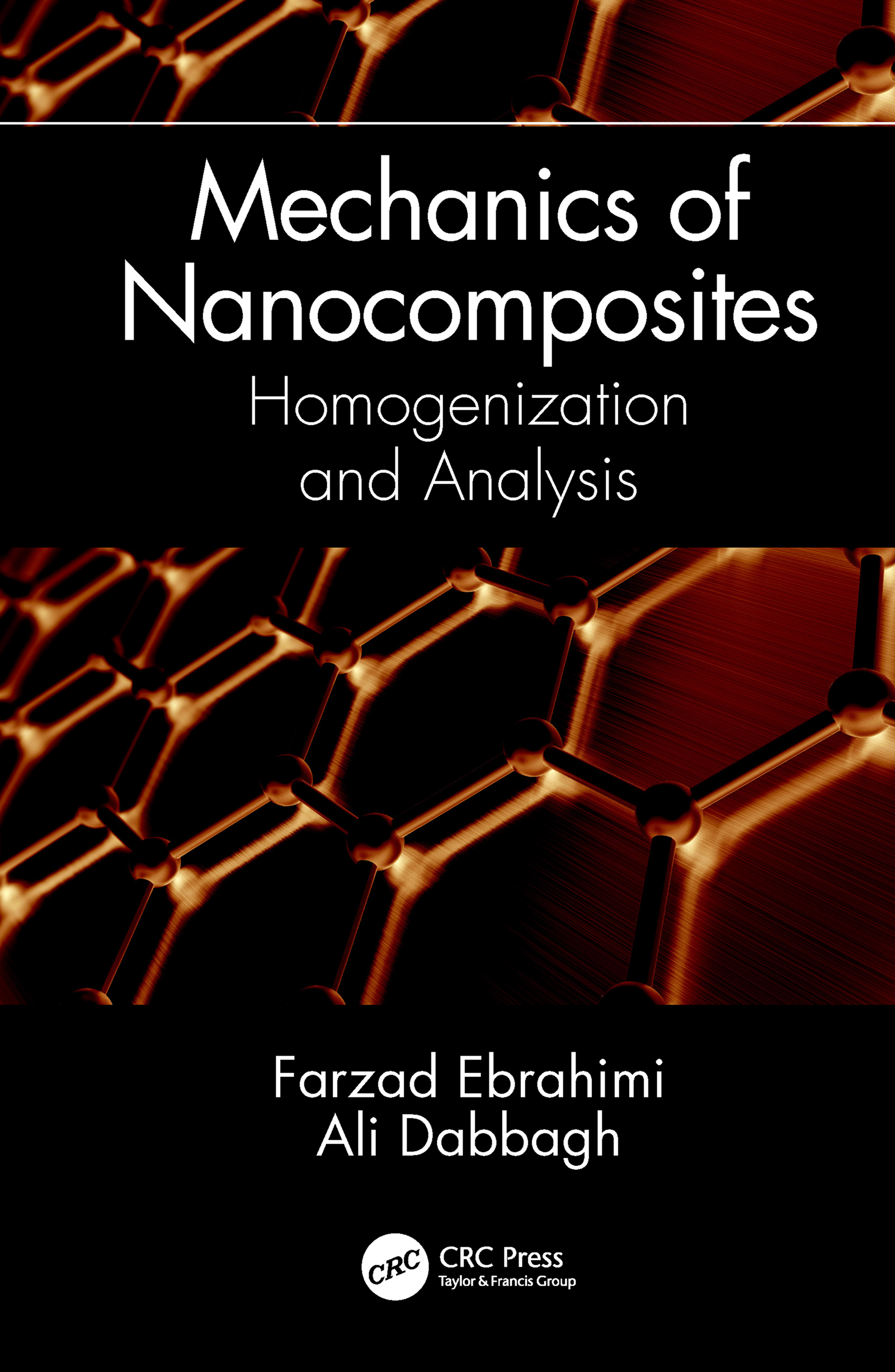
Mechanics of Nanocomposites Emphasizing the static and dynamic behaviors of nanocomposite single- or multilayered structures in the framework of continuum mechanics-based approaches, Mechanics of Nanocomposites: Homogenization and Analysis investigates mechanical behaviors of polymeric matrices strengthened via various nanofillers and nanoparticles such as carbon nanotubes (CNTs), graphene platelets (GPLs), and graphene oxides (GOs). It covers equivalent properties of nanocomposites that are obtained via homogenization techniques based on micromechanics approaches. In addition, this comprehensive book: Discusses the effects of various nanofillers and identifies the amount of the improvement that can be induced in the stiffness of the polymeric nanocomposites by adding a finite content of the aforementioned nanosize reinforcements Magnifies the effect of the number of the stacking plies of the multi-layered nanocomposite structures on both static and dynamic responses of the continuous systems manufactured from such sandwich structures Presents a wide range of analytical and numerical solution procedures Investigates the effects of porosity along with mechanical characteristics of nanocomposites Considers the time-dependency of the material properties of the viscoelastic polymeric nanocomposite structures Performs analyses using an energy-based approach incorporated with the strain-displacement relations of both classical and higher-order shear deformable beam, plate, or shell theorems Aimed at researchers, academics, and professionals working across mechanical, materials, and other areas of engineering, this work ensures that readers are equipped to fully understand the mechanical characteristics of nanocomposite structures so that they can design, develop, and apply these materials effectively. TECHNOLOGY & ENGINEERING,Mechanical

Acoustic Levitation This book systematically introduces readers to the fundamental physics and a broad range of applications of acoustic levitation, one of the most promising techniques for the container-free handling of small solid particles and liquid droplets. As it does away with the need for solid walls and can easily be incorporated into analysis instruments, acoustic levitation has attracted considerable research interest in many fields, from fluid physics to material science. The book offers a comprehensive overview of acoustic levitation, including the history of acoustic radiation force; the design and development of acoustic levitators; the technology’s applications, ranging from drop dynamics studies to bio/chemical analysis; and the insightful perspectives that the technique provides. It also discusses the latest advances in the field, from experiments to numerical simulations. As such, the book provides readers with a clearer understanding of acoustic levitation, while also stimulating new research areas for scientists and engineers in physics, chemistry, biology, medicine and other related fields. TECHNOLOGY & ENGINEERING,Mechanical
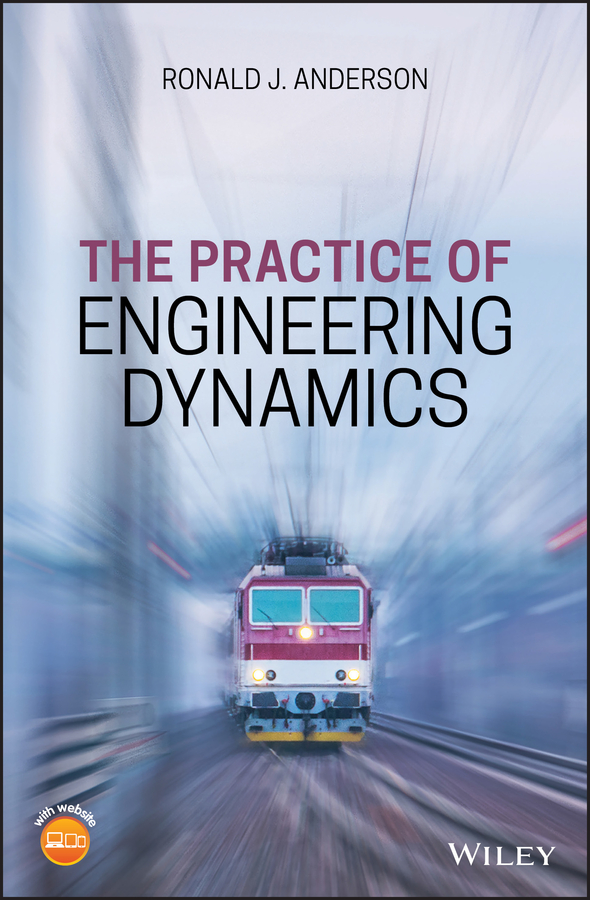
The Practice of Engineering Dynamics The Practice of Engineering Dynamics is a textbook that takes a systematic approach to understanding dynamic analysis of mechanical systems. It comprehensively covers dynamic analysis of systems from equilibrium states to non-linear simulations and presents frequency analysis of experimental data. It divides the practice of engineering dynamics into three parts: Part 1 - Modelling: Deriving Equations of Motion; Part 2 - Simulation: Using the Equations of Motion; and Part 3- Experimental Frequency Domain Analysis. This approach fulfils the need to be able to derive the equations governing the motion of a system, to then use the equations to provide useful design information, and finally to be able to analyze experimental data measured on dynamic systems. The Practice of Engineering Dynamics includes end of chapter exercises and is accompanied by a website hosting a solutions manual. TECHNOLOGY & ENGINEERING,Mechanical

Progress in Engineering Technology II This book contains the selected and peer-reviewed manuscripts that were presented in the Conferences on Multidisciplinary Engineering and Technology (COMET 2019), held at the University Kuala Lumpur Malaysian Spanish Institute (UniKL MSI), Kedah, Malaysia from September 18 to 19, 2019. The aim of COMET 2019 was to present current and on-going research being carried out in the field of mechanical, manufacturing, electrical and electronics and general studies for engineering and technology. Besides, this book also contains the manuscripts from the System Engineering and Energy Laboratory (SEELAB) research cluster, UniKL which is actively doing research mainly focused on artificial intelligence, metal air batteries, advanced battery materials and energy material modelling fields. This volume is the third edition of the progress in engineering technology, Advanced Structured Materials which provides in-depth ongoing research activities among academia of UniKL MSI. Lastly, it is hoped to foster cooperation among organisations and research in the covered fields. TECHNOLOGY & ENGINEERING,Mechanical
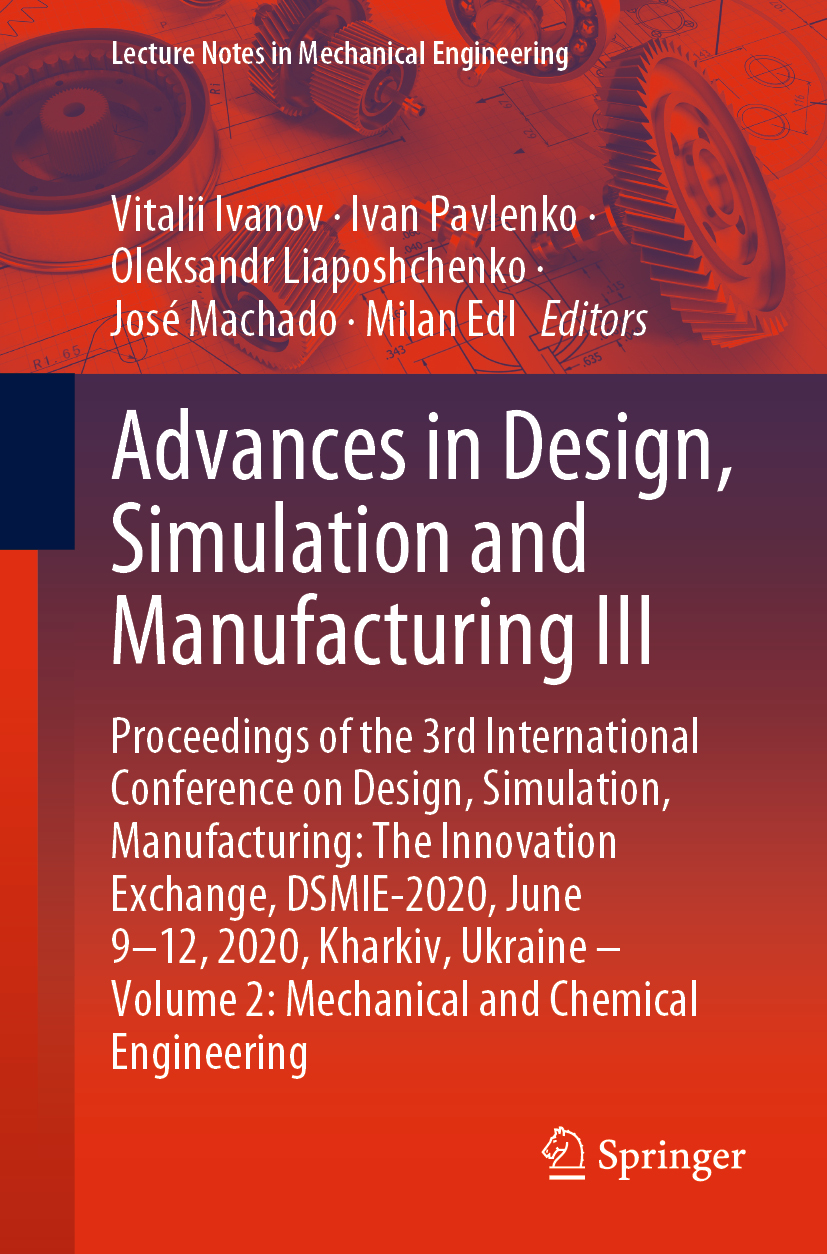
Advances in Design, Simulation and Manufacturing III This book explores topics at the interface between mechanical and chemical engineering, with a focus on design, simulation, and manufacturing. Covering recent developments in the mechanics of solids and structures; numerical simulation of coupled problems, including wearing, compression, detonation and collision; and chemical process technologies, including ultrasonic technology, capillary rising process, pneumatic classification, membrane electrolysis and absorption processes, it reports on developments in the field of heat and mass transfer, energy-efficient technologies, and industrial ecology. Part of a two-volume set based on the 3rd International Conference on Design, Simulation, Manufacturing: The Innovation Exchange (DSMIE-2020), held on June 9-12, 2020, in Kharkiv, Ukraine, this book provides academics and professionals with extensive information on the latest trends, technologies and challenges in the field as well as practical lessons learned. TECHNOLOGY & ENGINEERING,Mechanical
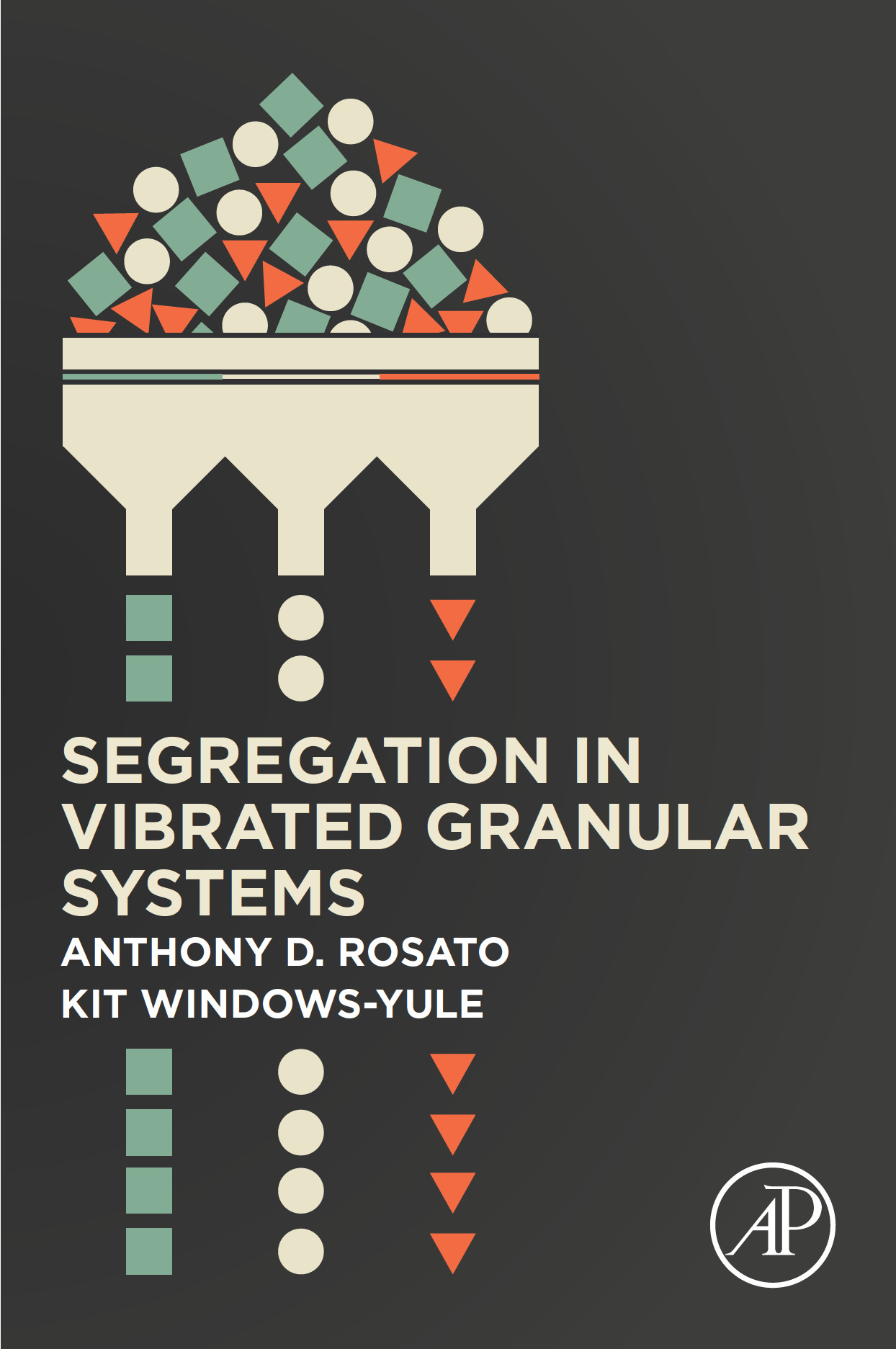
Segregation in Vibrated Granular Systems Segregation in Vibrated Granular Systems explains the individual mechanisms that influence the segregation of granular media under vibration, along with their interactions. Drawing on research from a wide range of academic disciplines, the book focuses on vibrated granular systems that are used in industry, providing a guide that will solve practical problems and help researchers. The applications of vibration-based segregation in industries, including pharmaceuticals, mining, food and chemical processing are all investigated with appropriate examples. In addition, relevant theory behind the behavior of granular media and segregation processes is explained, along with investigations of the technologies and techniques used. Analyzes all phenomena involved in the vibration-based segregation of bulk solids, including those relating to size, material properties and shape Explores how different segregation mechanisms interact Compares different technologies for investigating granular media, including PIV, MRI and X-ray tomography Explains how to use computational techniques to model the behavior of granular media, including DM, CFD and FEM TECHNOLOGY & ENGINEERING,Mechanical
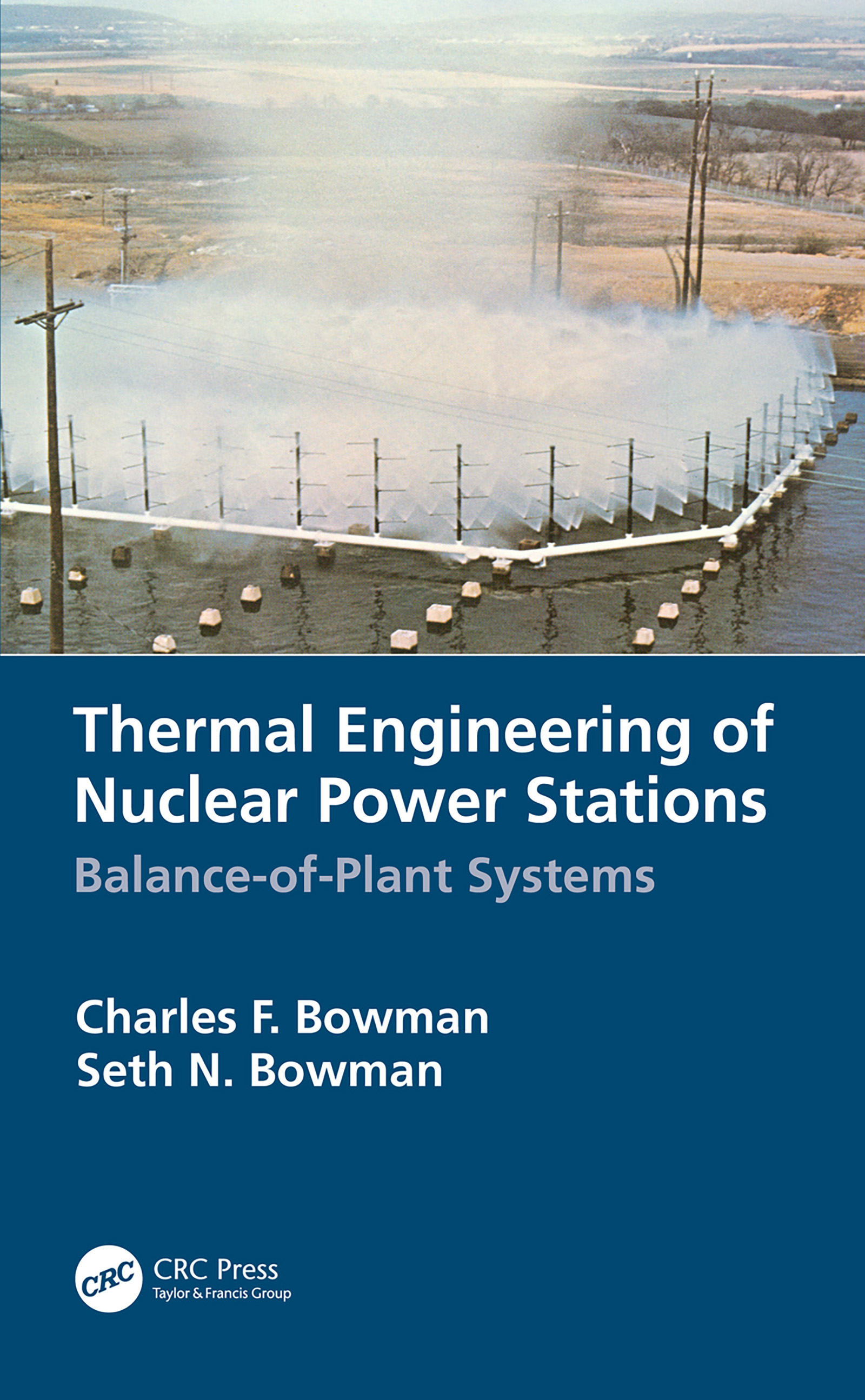
Thermal Engineering of Nuclear Power Stations Thermal Engineering of Nuclear Power Stations: Balance-of-Plant Systems serves as a ready reference to better analyze common engineering challenges in the areas of turbine cycle analysis, thermodynamics, and heat transfer. The scope of the book is broad and comprehensive, encompassing the mechanical aspects of the entire nuclear station balance of plant from the source of the motive steam to the discharge and/or utilization of waste heat and beyond. Written for engineers in the fields of nuclear plant and thermal engineering, the book examines the daily, practical problems encountered by mechanical design, system, and maintenance engineers. It provides clear examples and solutions drawn from numerous case studies in actual, operating nuclear stations. TECHNOLOGY & ENGINEERING,Mechanical
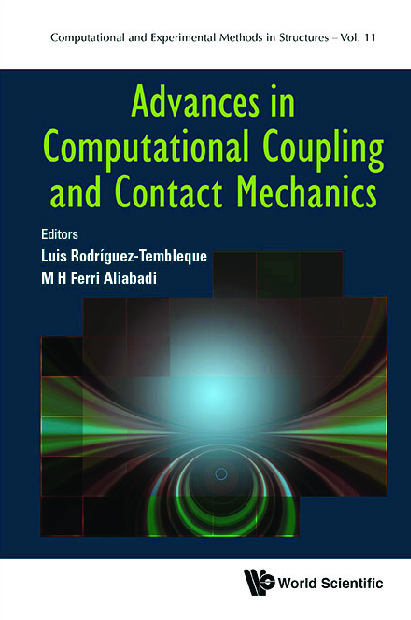
Advances In Computational Coupling And Contact Mechanics This book presents recent advances in the field of computational coupling and contact mechanics with particular emphasis on numerical formulations and methodologies necessary to solve advanced engineering applications.Featuring contributions from leading experts and active researchers in these fields who provide a detailed overview of different modern numerical schemes that can be considered by main numerical methodologies to simulate interaction problems in continuum mechanics.A number of topics are addressed, including formulations based on the finite element method (FEM) and their variants (e.g. isogeometric analysis or standard and generalized high-order FEM: hp-FEM and GFEM, respectively), the boundary element method (BEM), the material point method (MPM) or the recently proposed finite block method (FBM), among many more.Written with PhD students in mind, Advances in Computational Coupling and Contact Mechanics also includes the most recent numerical techniques which could be served as reference material for researchers and practicing engineers. All chapters are self-contained and can be read independently, with numerical formulations accompanied by practical engineering applications.Related Link(s) TECHNOLOGY & ENGINEERING,Mechanical
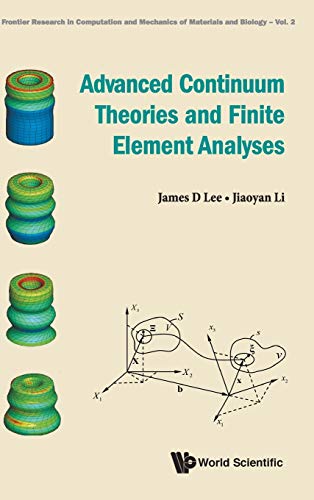
Advanced Continuum Theories And Finite Element Analyses This comprehensive volume presents a unified framework of continuum theories. It indicates that (i) microcontinuum theories (micromorphic and micropolar theories) are natural extension of classical continuum mechanics, and (ii) classical continuum mechanics is a special case of microcontinuum theories when the deformable material point is idealized as a single mathematical point. The kinematics and basic laws are rigorously derived. Based on axiomatic approach, constitutive theory is systematically derived for various kinds of materials, ranging from Stokesian fluid to thermo-visco-elastic-plastic solid. Material force and Thermomechanical-electromagnetic coupling are introduced and discussed. Moreover, general finite element methods for large-strain thermomechanical coupling physical phenomena are systematically formulated. Also, non-classical continuum theories (Nonlocal Theory, Mechanobiology, 4D printing, Poromechanics, and Non-Self-Similar Crack Propagation) are rigorously formulated with applications and demonstrated numerically.As an advanced monograph, this unique compendium can also be used as a textbook for several graduate courses, including continuum mechanics, finite element methods, and advanced engineering science theories. Extensive problems are provided to help students to better understand the topics covered. TECHNOLOGY & ENGINEERING,Mechanical
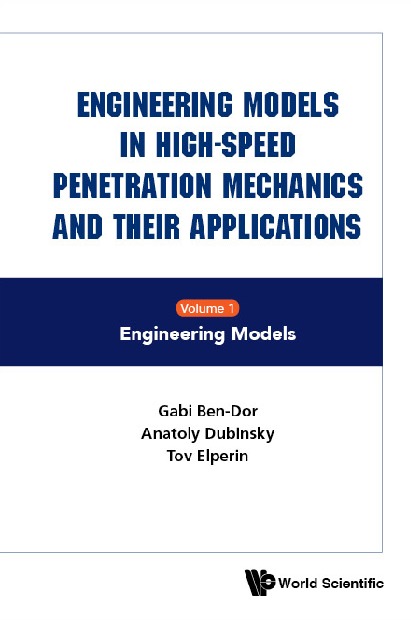
Engineering Models In High-speed Penetration Mechanics And Their Applications (In 2 Volumes) This two-volume, 1100 pages, 38 chapters book is a significantly expanded, revised and updated version of the monograph by the authors published in 2013 (Ben-Dor, G, Dubinsky, A, Elperin, T, 'High Speed Penetration Dynamics: Engineering Models and Methods,' Singapore: World Scientific Publishing Company). The contents increased by 60%, the number of titles in bibliography doubled and reached 1600; and the scope covers a range of new topics related to hypervelocity penetration, along with high-speed impact.Presented material is structured into two parts. The first part includes description and analysis of practically all known engineering models for calculating high-speed penetration of projectiles into concrete, metals, geological shields, adobe, and gelatine.The second part focuses on the use of approximate models for solving conventional and non-standard problems of penetration mechanics including prediction and optimization of protective properties of monolithic and multi-layered shields against high-speed projectiles and space debris; shape optimization of high-speed projectiles penetrating into various media; modelling of penetration and optimal control of penetrators equipped with jet thrusters; and investigation of the efficiency and optimization of segmented projectiles. The book includes comprehensive overviews on basic classes of problems in high-speed penetration mechanics.This is a indispensable reference guide for scientists, engineers, and students specializing in the field of high-speed and hypervelocity penetration mechanics. TECHNOLOGY & ENGINEERING,Mechanical
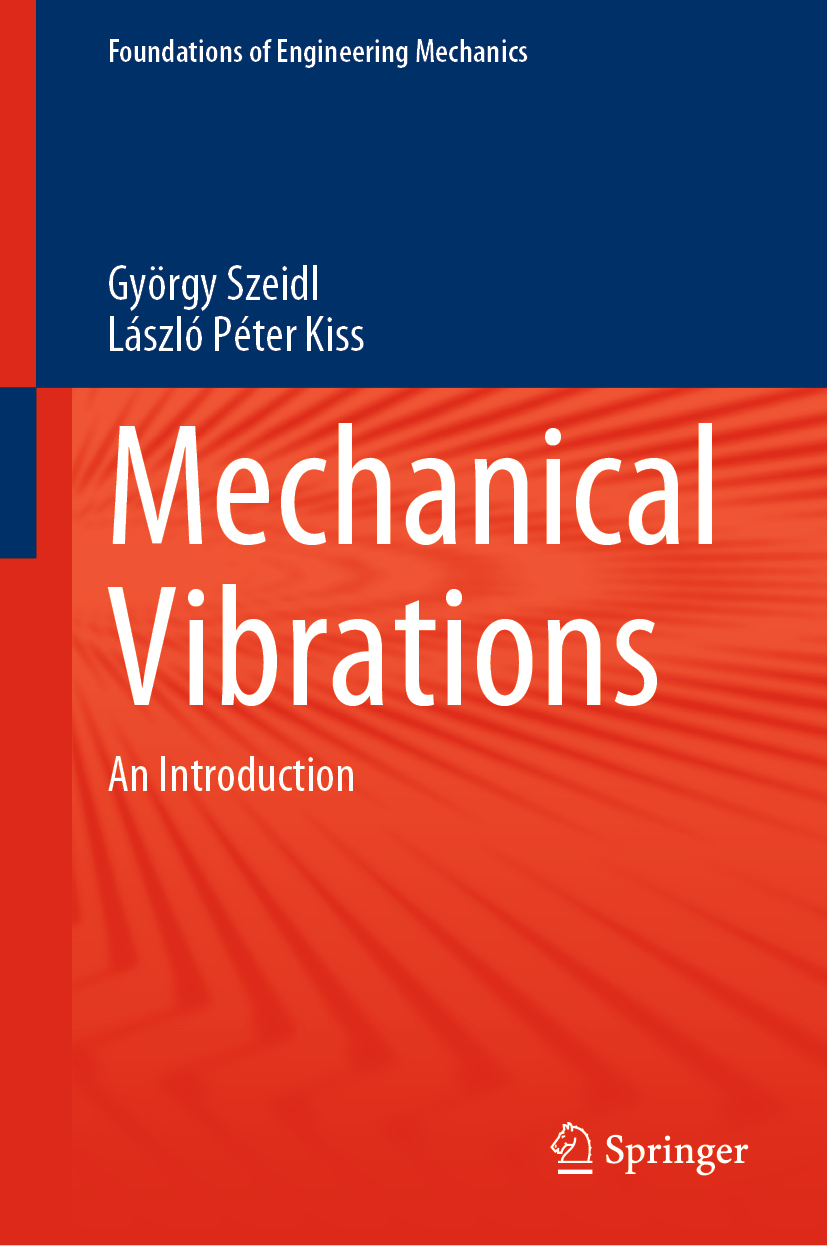
Mechanical Vibrations This book presents a unified introduction to the theory of mechanical vibrations. The general theory of the vibrating particle is the point of departure for the field of multidegree of freedom systems. Emphasis is placed in the text on the issue of continuum vibrations. The presented examples are aimed at helping the readers with understanding the theory. This book is of interest among others to mechanical, civil and aeronautical engineers concerned with the vibratory behavior of the structures. It is useful also for students from undergraduate to postgraduate level. The book is based on the teaching experience of the authors. TECHNOLOGY & ENGINEERING,Mechanical
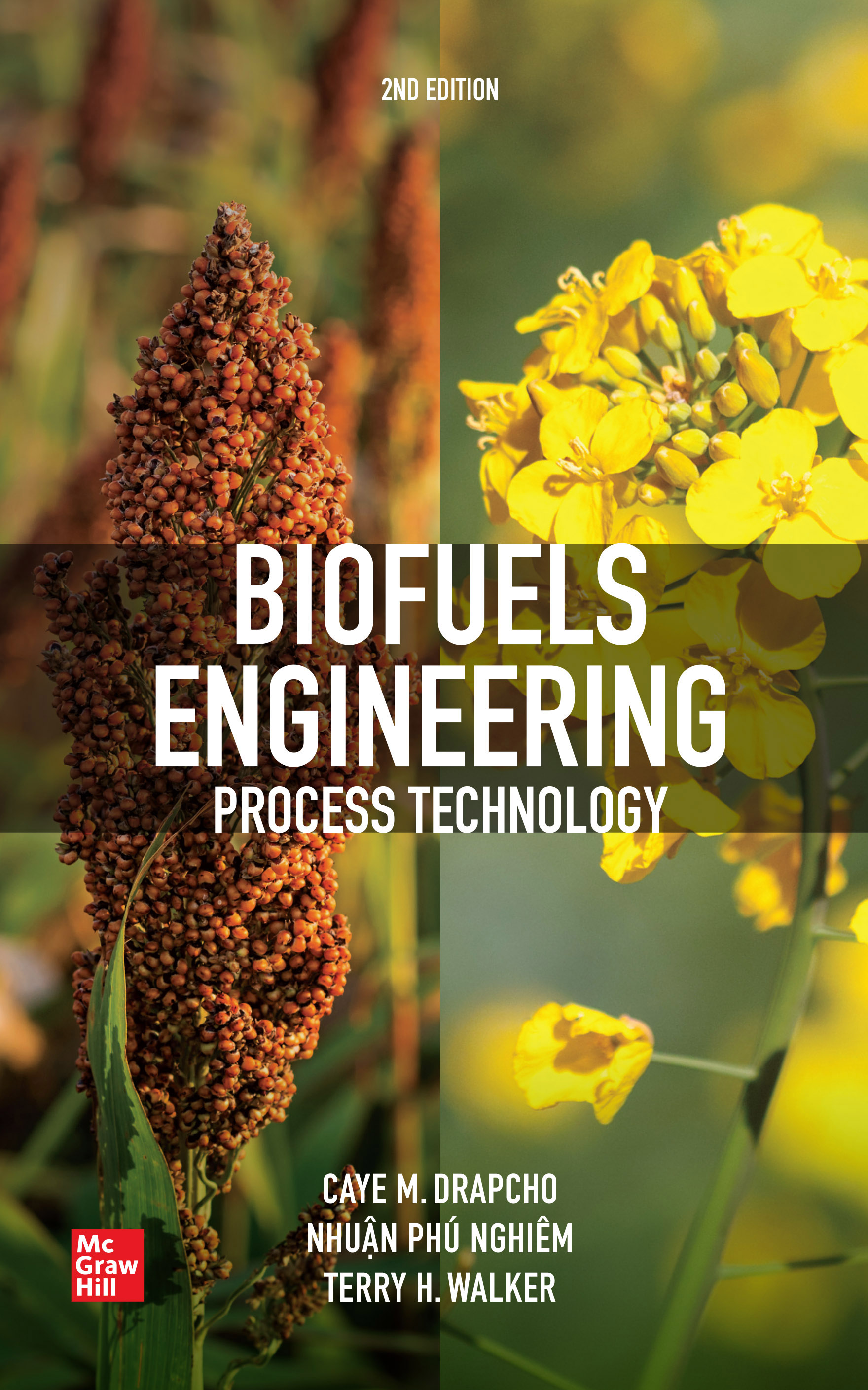
Biofuels Engineering Process Technology, Second Edition Publisher's Note: Products purchased from Third Party sellers are not guaranteed by the publisher for quality, authenticity, or access to any online entitlements included with the product. Fully updated processes for the production of renewable and environmentally safe biofuels This thoroughly revised guide presents a complete and up-to-date introduction to biofuels process technology. Written by a team of industry-leading experts, Biofuels Engineering Process Technology, Second Edition shows, step by step, how renewable feedstocks are processed and how biofuels are refined. You will explore the entire spectrum of biofuel processes, including the production of ethanol from sugarcane and corn, biodiesel from animal fats and plant oils, and methane by anaerobic digestion. The book clearly explains newly developed technologies for the production of drop-in biofuels and the use of microbial fuel cells to produce electricity. Coverage includes: • An introduction to biofuel engineering processes• Harvesting energy from biochemical reactions• Microbial modeling of biofuel production• Biofuels feedstocks• Ethanol• Biodiesel• Drop-in biofuels• Biological production of hydrogen• Microbial fuel cells• Methane• And more TECHNOLOGY & ENGINEERING,Mechanical
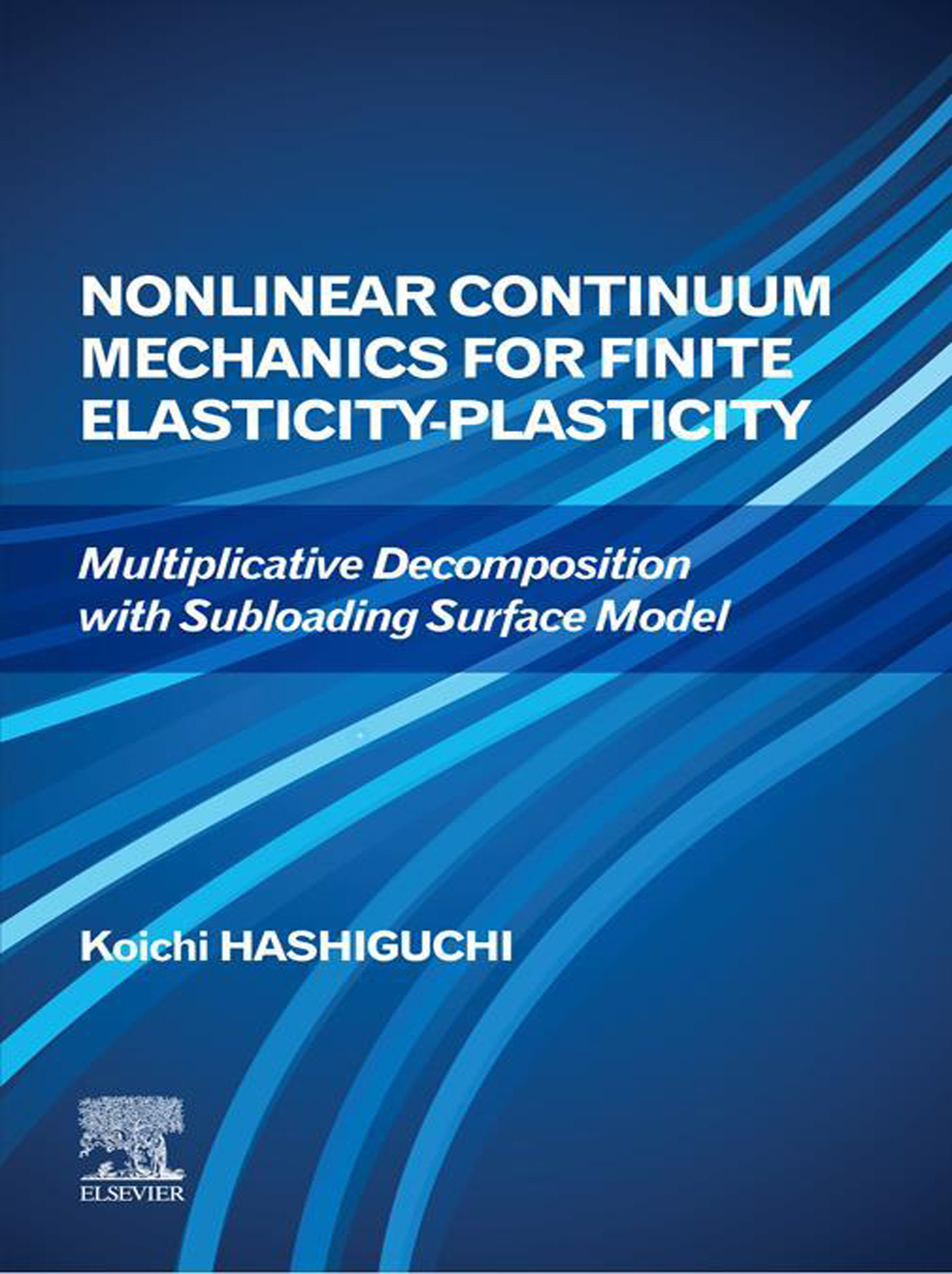
Nonlinear Continuum Mechanics for Finite Elasticity-Plasticity Nonlinear Continuum Mechanics for Finite Elasticity-Plasticity empowers readers to fully understand the constitutive equation of finite strain, an essential piece in assessing the deformation/strength of materials and safety of structures. The book starts by providing a foundational overview of continuum mechanics, elasticity and plasticity, then segues into more sophisticated topics such as multiplicative decomposition of deformation gradient tensor with the isoclinic concept and the underlying subloading surface concept. The subloading surface concept insists that the plastic strain rate is not induced suddenly at the moment when the stress reaches the yield surface but it develops continuously as the stress approaches the yield surface, which is crucially important for the precise description of cyclic loading behavior. Then, the exact formulations of the elastoplastic and viscoplastic constitutive equations based on the multiplicative decomposition are expounded in great detail. The book concludes with examples of these concepts and modeling techniques being deployed in real-world applications. Table of Contents: 1. Mathematical Basics 2. General (Curvilinear) Coordinate System 3. Description of Deformation/Rotation in Convected Coordinate System 4. Deformation/Rotation (Rate) Tensors 5. Conservation Laws and Stress Tensors 6. Hyperelastic Equations 7. Development of Elastoplastic Constitutive Equations 8. Multiplicative Decomposition of Deformation Gradient Tensor 9. Multiplicative Hyperelastic-based Plastic and Viscoplastic Constitutive Equations 10. Friction Model: Finite Sliding Theory Covers both the fundamentals of continuum mechanics and elastoplasticity while also introducing readers to more advanced topics such as the subloading surface model and the multiplicative decomposition among others Approaches finite elastoplasticity and viscoplasticty theory based on multiplicative decomposition and the subloading surface model Provides a thorough introduction to the general tensor formulation details for the embedded curvilinear coordinate system and the multiplicative decomposition of the deformation gradient TECHNOLOGY & ENGINEERING,Mechanical
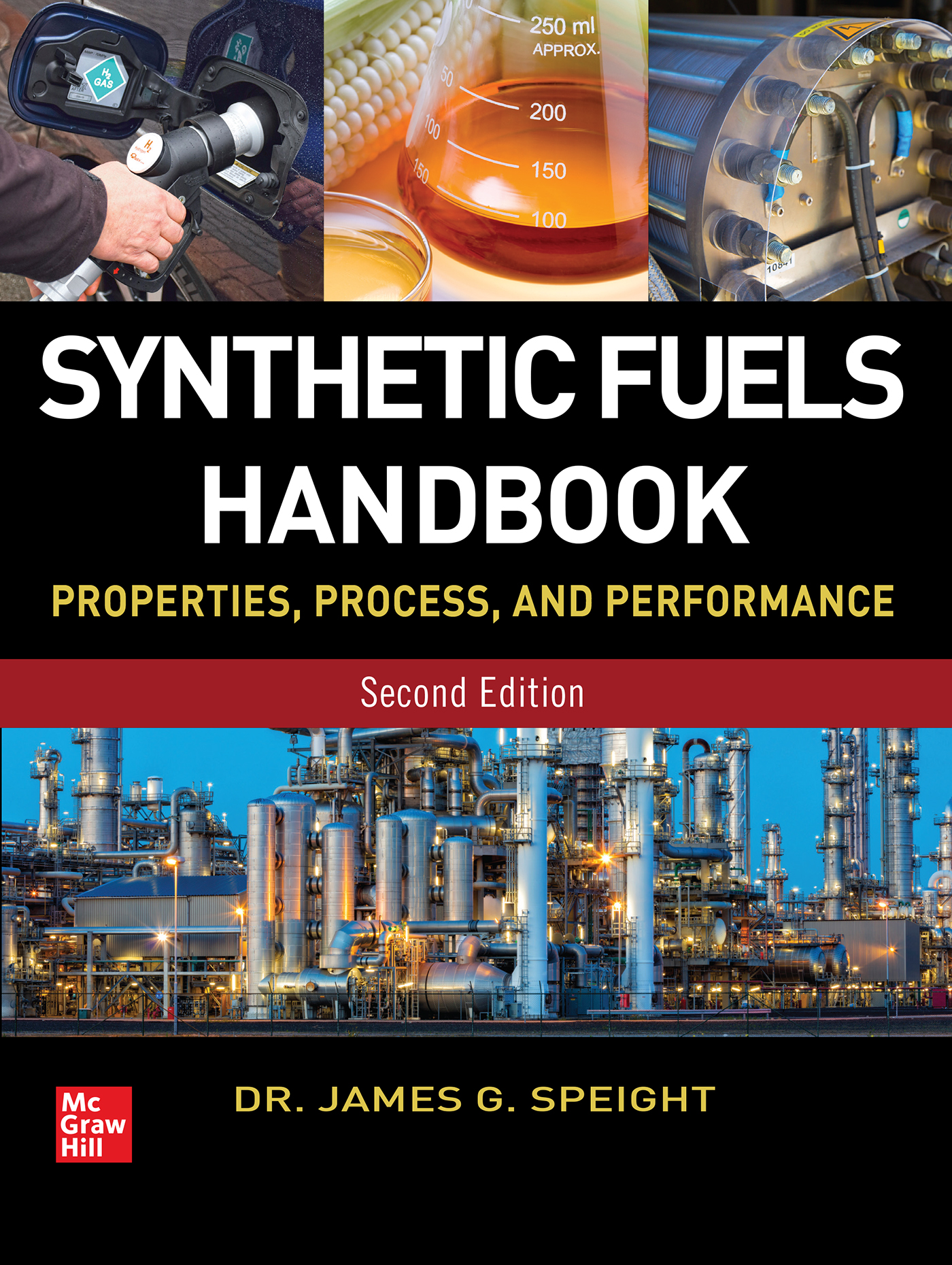
Synthetic Fuels Handbook Publisher's Note: Products purchased from Third Party sellers are not guaranteed by the publisher for quality, authenticity, or access to any online entitlements included with the product. A thoroughly revised all-in-one guide to synthetic and alternative energy This fully updated resource discusses the benefits and trade-offs of numerous alternative fuels and contains complete coverage of the properties, processes, and performance characteristics of each fuel. You will get detailed explanations of the concept systems and technologies involved in fuel production on both industrial and individual scales. Written by internationally renowned fuels expert Dr. James G. Speight, Synthetic Fuels Handbook: Properties, Process, and Performance, Second Edition, contains the latest data and applications for gaseous, liquid, and solid fuels from a wide range of sources. Covers fuels from: Natural gas Crude oil Heavy oil Tar sand bitumen Coal Oil shale Biomass Crops Wood Domestic waste Industrial waste Landfill gas Synthesis gas TECHNOLOGY & ENGINEERING,Mechanical
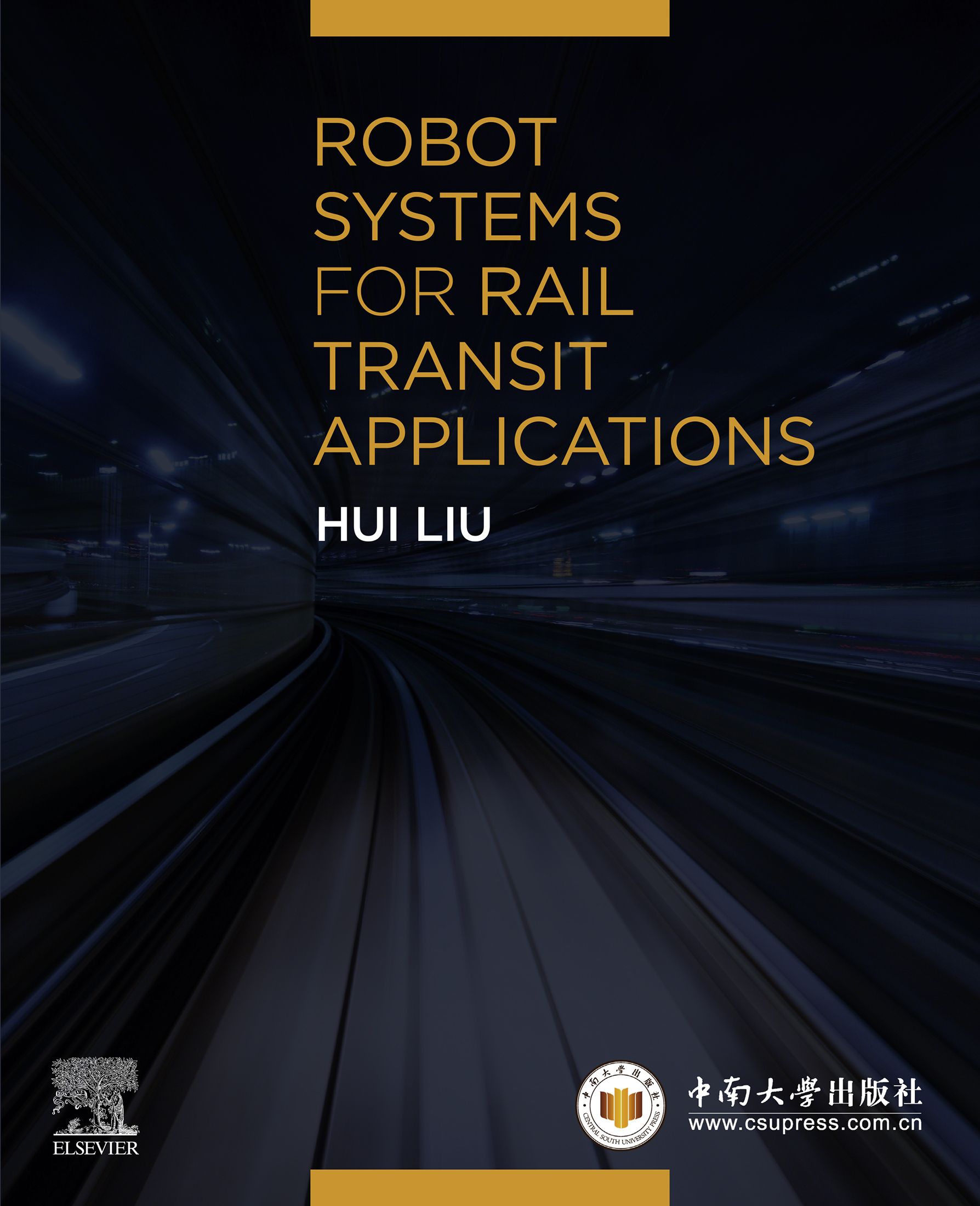
Robot Systems for Rail Transit Applications Robot Systems for Rail Transit Applications presents the latest advances in robotics and artificial intelligence for railway systems, giving foundational principles and running through special problems in robot systems for rail transit. State-of-the art research in robotics and railway systems is presented alongside a series of real-world examples. Eight chapters give definitions and characteristics of rail transit robot systems, describe assembly and collaborative robots in manufacturing, introduce automated guided vehicles and autonomous rail rapid transit, demonstrate inspection robots, cover trench robots, and explain unmanned aerial vehicles. This book offers an integrated and highly-practical way to approach robotics and artificial intelligence in rail-transit. Introduces robot and artificial intelligence (AI) systems for rail transit applications Presents research alongside step-by-step coverage of real-world cases Gives the theoretical foundations underlying practical application Offers solutions for high-speed railways from the latest work in robotics Shows how robotics and AI systems afford new and efficient methods in rail transit TECHNOLOGY & ENGINEERING,Mechanical
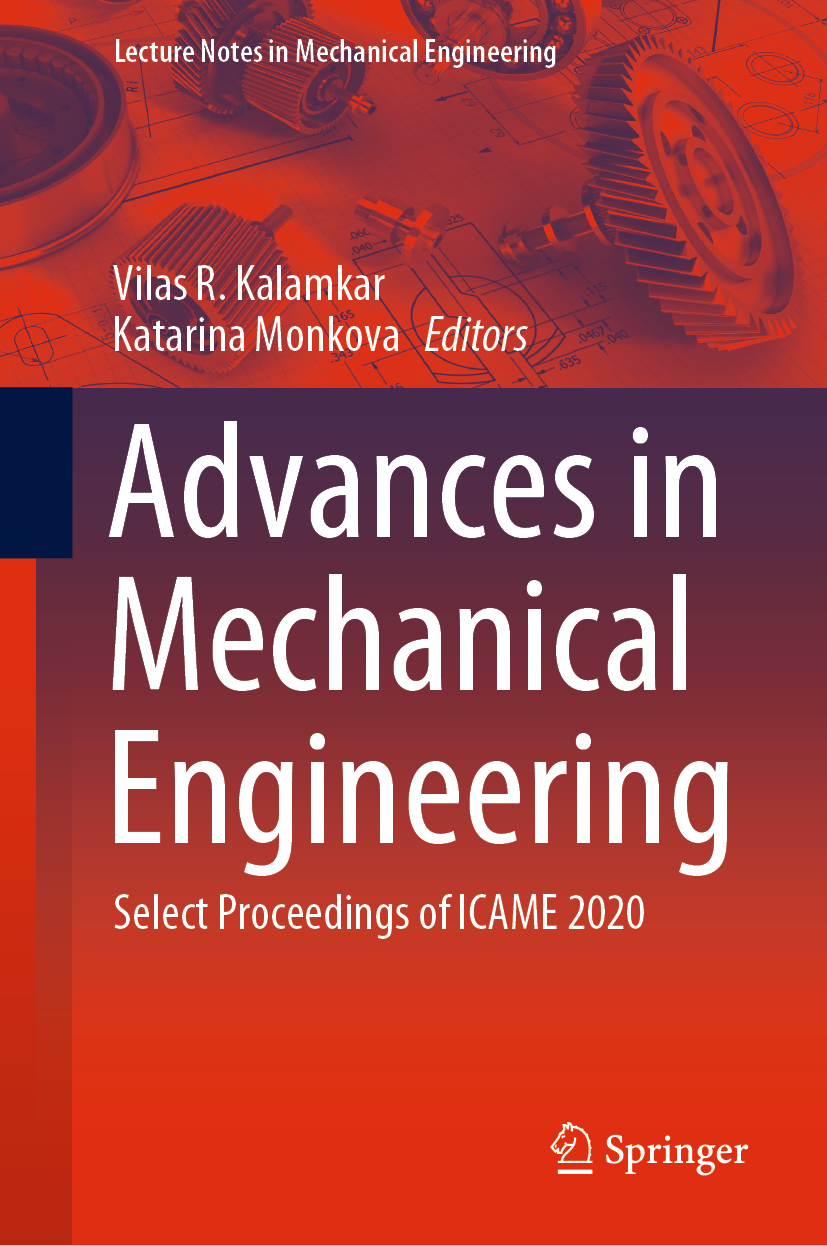
Advances in Mechanical Engineering This book presents select peer-reviewed proceedings of the International Conference on Advances in Mechanical Engineering (ICAME 2020). The contents cover latest research in several areas such as advanced energy sources, automation, mechatronics and robotics, automobiles, biomedical engineering, CAD/CAM, CFD, advanced engineering materials, mechanical design, heat and mass transfer, manufacturing and production processes, tribology and wear, surface engineering, ergonomics and human factors, artificial intelligence, and supply chain management. The book brings together advancements happening in the different domains of mechanical engineering, and hence, this will be useful for students and researchers working in mechanical engineering. TECHNOLOGY & ENGINEERING,Mechanical
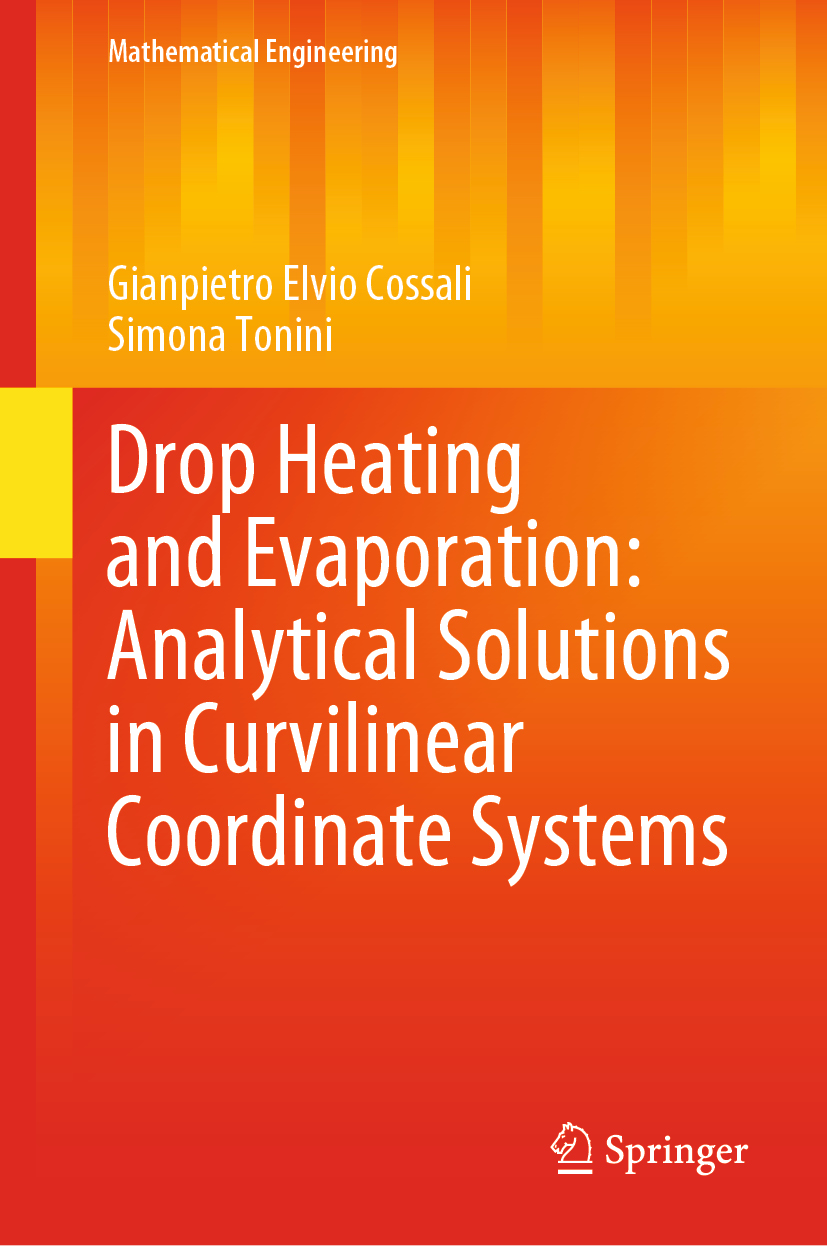
Drop Heating and Evaporation This book describes analytical methods for modelling drop evaporation, providing the mathematical tools needed in order to generalise transport and constitutive equations and to find analytical solutions in curvilinear coordinate systems. Transport phenomena in gas mixtures are treated in considerable detail, and the basics of differential geometry are introduced in order to describe interface-related transport phenomena. One chapter is solely devoted to the description of sixteen different orthogonal curvilinear coordinate systems, reporting explicitly on the forms of their differential operators (gradient, divergent, curl, Laplacian) and transformation matrices. The book is intended to guide the reader from mathematics, to physical descriptions, and ultimately to engineering applications, in order to demonstrate the effectiveness of applied mathematics when properly adapted to the real world. Though the book primarily addresses the needs of engineering researchers, it will also benefit graduate students. TECHNOLOGY & ENGINEERING,Mechanical
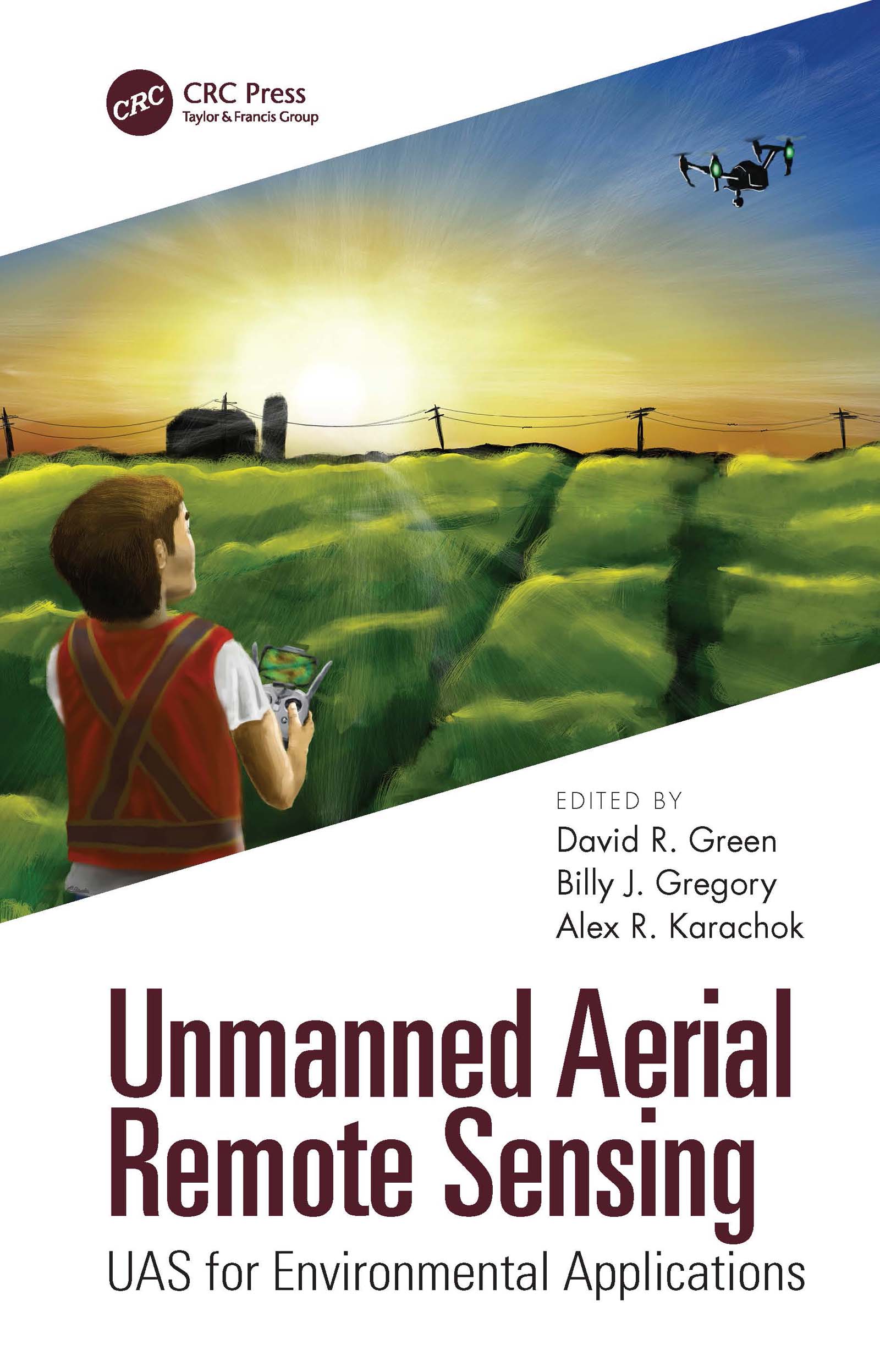
Unmanned Aerial Remote Sensing Unmanned Aircraft Systems (UAS) are a rapidly evolving technology with an expanding array of diverse applications. In response to the continuing evolution of this technology, this book discusses unmanned aerial vehicles (UAVs) and similar systems, platforms and sensors, as well as exploring some of their environmental applications. It explains how they can be used for mapping, monitoring, and modeling a wide variety of different environmental aspects, and at the same time addresses some of the current constraints placed on realizing the potential use of the technology such as s flight duration and distance, safety, and the invasion of privacy etc. Features of the book: Provides necessary theoretical foundations for pertinent subject matter areas Introduces the role and value of UAVs for geographical data acquisition, and the ways to acquire and process the data Provides a synthesis of ongoing research and a focus on the use of technology for small-scale image and spatial data acquisition in an environmental context Written by experts of the technology who bring together UAS tools and resources for the environmental specialist Unmanned Aerial Remote Sensing: UAS for Environmental Applications is an excellent resource for any practitioner utilizing remote sensing and other geospatial technologies for environmental applications, such as conservation, research, and planning. Students and academics in information science, environment and natural resources, geosciences, and geography, will likewise find this comprehensive book a useful and informative resource. TECHNOLOGY & ENGINEERING,Mechanical

Non-Ideal Compressible Fluid Dynamics for Propulsion and Power This book reports on advanced theories and methods aimed at characterizing the dynamics of non-ideal compressible fluids. A special emphasis is given to research fostering the use of non-ideal compressible fluids for propulsion and power engineering. Both numerical and experimental studies, as well as simulations, are described in the book, which is based on selected contributions and keynote lectures presented at the 2nd International Seminar on Non-Ideal Compressible-Fluid Dynamics for Propulsion & Power. Held on October 4-5 in Bochum, Germany, the seminar aimed at fostering collaborations between academics and professionals. The two perspectives have been gathered together in this book, which offers a timely guide to advanced fundamentals, innovative methods and current applications of non-ideal compressible fluids to developing turbomachines, and for propulsion and power generation. TECHNOLOGY & ENGINEERING,Mechanical

Advances in Fluid Dynamics This book comprises selected peer-reviewed proceedings of the International Conference on Applications of Fluid Dynamics (ICAFD 2018) organized by the School of Advanced Sciences, Vellore Institute of Technology, India, in association with the University of Botswana and the Society for Industrial and Applied Mathematics (SIAM), USA. With an aim to identify the existing challenges in the area of applied mathematics and mechanics, the book emphasizes the importance of establishing new methods and algorithms to address these challenges. The topics covered include diverse applications of fluid dynamics in aerospace dynamics and propulsion, atmospheric sciences, compressible flow, environmental fluid dynamics, control structures, viscoelasticity and mechanics of composites. Given the contents, the book is a useful resource for students, researchers as well as practitioners. TECHNOLOGY & ENGINEERING,Mechanical

Seismic Performance Analysis of Concrete Gravity Dams This book evaluates the seismic performance of concrete gravity dams, considering the effects of strong motion duration, mainshock-aftershock seismic sequence, and near-fault ground motion. It employs both the extended finite element method (XFEM) and concrete damaged plasticity (CDP) models to characterize the mechanical behavior of concrete gravity dams under strong ground motions, including the dam-reservoir-foundation interaction. In addition, it discusses the effects of the initial crack, earthquake direction, and cross-stream seismic excitation on the nonlinear dynamic response to strong ground motions, and on the damage-cracking risk of concrete gravity dams. This book provides a theoretical basis for the seismic performance evaluation of high dams, and can also be used as a reference resource for researchers and graduate students engaged in the seismic design of high dams. TECHNOLOGY & ENGINEERING,Mechanical

Proceedings of the International Conference of Mechatronics and Cyber- MixMechatronics - 2020 This book presents state-of-the-art research in the field of mechatronics and cyber-mixmechatronics, gathering papers from almost all continents. Featuring contributions by research scholars in both government-financed institutions and in the business environment, it offers a clear picture of the innovations emerging in the field. The book is not limited to mechatronics, but also covers all the smart technical sciences, and discusses promising medical applications based on nanotechnologies. As such, it is a valuable resource for students wanting to learn from leading scholars, as well as for researchers in all areas of engineering. TECHNOLOGY & ENGINEERING,Mechanical

Principles of Metal Manufacturing Processes Metals are still the most widely used structural materials in the manufacture of products and structures. Their properties are extremely dependent on the processes they undergo to form the final product. Successful manufacturing therefore depends on a detailed knowledge of the processing of the materials involved. This highly illustrated book provides that knowledge. Metal processing is a technical subject requiring a quantitative approach. This book illustrates this approach with real case studies derived from industry. Real industrial case studies Quantitative approach Challenging student problems TECHNOLOGY & ENGINEERING,Metallurgy
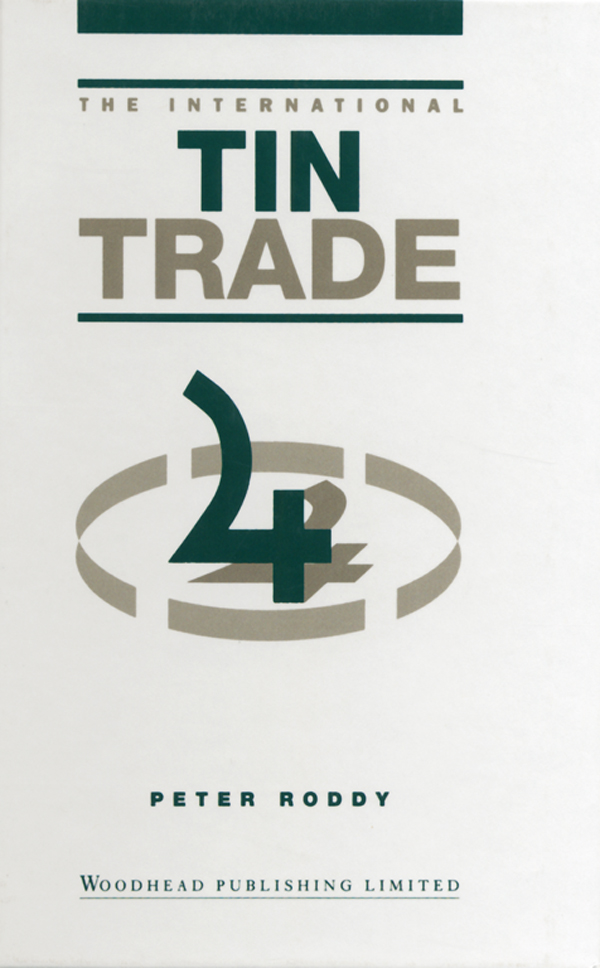
The International Tin Trade A practical and authoritative book covering every aspect of the tin trade beginning with its origins and history including the traumatic events of 1985 and their aftermath, and going on to deal with the mining and production processes. Aspects of the trading process are covered including trading techniques and strategies in both physical and futures markets. TECHNOLOGY & ENGINEERING,Metallurgy
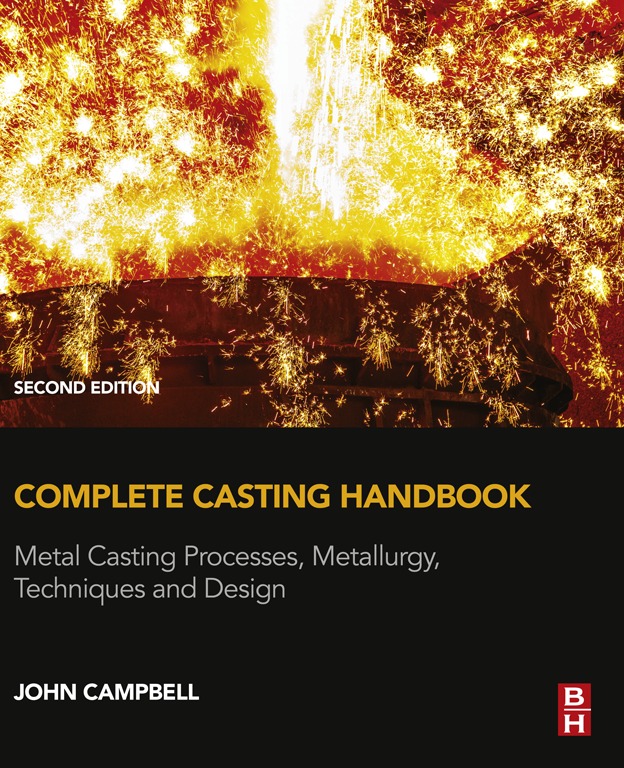
Complete Casting Handbook Campbell’s Complete Casting Handbook: Metal Casting Processes, Techniques and Design, Second Edition provides an update to the first single-volume guide to cover modern principles and processes in such breadth and depth, while also retaining a clear, practical focus. The work has a unique viewpoint, interpreting the behavior of castings, and metals as a whole, in terms of their biofilm content, the largely invisible casting defects which control much of the structure and behavior of metals. This new edition includes new findings, many from John Campbell’s own research, on crack initiation, contact pouring, vortex gates, and the Cosworth Process. Delivers the expert advice that engineers need to make successful and profitable casting decisions Ideal reference for those interested in solidification, vortex gates, nucleation, biofilm, remelting, and molding Follows a logical, two-part structure that covers both casting metallurgy and casting manufacture Contains established, must-have information, such as Campbell’s ‘10 Rules’ for successful casting manufacture Includes numerous updates and revisions based on recent breakthroughs in the industry TECHNOLOGY & ENGINEERING,Metallurgy

Wills' Mineral Processing Technology Wills' Mineral Processing Technology: An Introduction to the Practical Aspects of Ore Treatment and Mineral Recovery has been the definitive reference for the mineral processing industry for over thirty years. This industry standard reference provides practicing engineers and students of mineral processing, metallurgy, and mining with practical information on all the common techniques used in modern processing installations. Each chapter is dedicated to a major processing procedure—from underlying principles and technologies to the latest developments in strategies and equipment for processing increasingly complex refractory ores. The eighth edition of this classic reference enhances coverage of practical applications via the inclusion of new material focused on meeting the pressing demand for ever greater operational efficiency, while addressing the pivotal challenges of waste disposal and environmental remediation. Advances in automated mineralogy and analysis and high-pressure grinding rolls are given dedicated coverage. The new edition also contains more detailed discussions of comminution efficiency, classification, modeling, flocculation, reagents, liquid-solid separations, and beneficiation of phosphate, and industrial materials. Finally, the addition of new examples and solved problems further facilitates the book’s pedagogical role in the classroom. Connects fundamentals with practical applications to benefit students and practitioners alike Ensures relevance internationally with new material and updates from renowned authorities in the UK, Australia, and Canada Introduces the latest technologies and incorporates environmental issues to place the subject of mineral processing in a contemporary context, addressing concerns of sustainability and cost effectiveness Provides new case studies, examples, and figures to bring a fresh perspective to the field TECHNOLOGY & ENGINEERING,Metallurgy

Structural Alloys for Nuclear Energy Applications High-performance alloys that can withstand operation in hazardous nuclear environments are critical to presentday in-service reactor support and maintenance and are foundational for reactor concepts of the future. With commercial nuclear energy vendors and operators facing the retirement of staff during the coming decades, much of the scholarly knowledge of nuclear materials pursuant to appropriate, impactful, and safe usage is at risk. Led by the multi-award winning editorial team of G. Robert Odette (UCSB) and Steven J. Zinkle (UTK/ORNL) and with contributions from leaders of each alloy discipline, Structural Alloys for Nuclear Energy Applications aids the next generation of researchers and industry staff developing and maintaining steels, nickel-base alloys, zirconium alloys, and other structural alloys in nuclear energy applications. This authoritative reference is a critical acquisition for institutions and individuals seeking state-of-the-art knowledge aided by the editors’ unique personal insight from decades of frontline research, engineering and management. Focuses on in-service irradiation, thermal, mechanical, and chemical performance capabilities. Covers the use of steels and other structural alloys in current fission technology, leading edge Generation-IV fission reactors, and future fusion power reactors. Provides a critical and comprehensive review of the state-of-the-art experimental knowledge base of reactor materials, for applications ranging from engineering safety and lifetime assessments to supporting the development of advanced computational models. TECHNOLOGY & ENGINEERING,Metallurgy
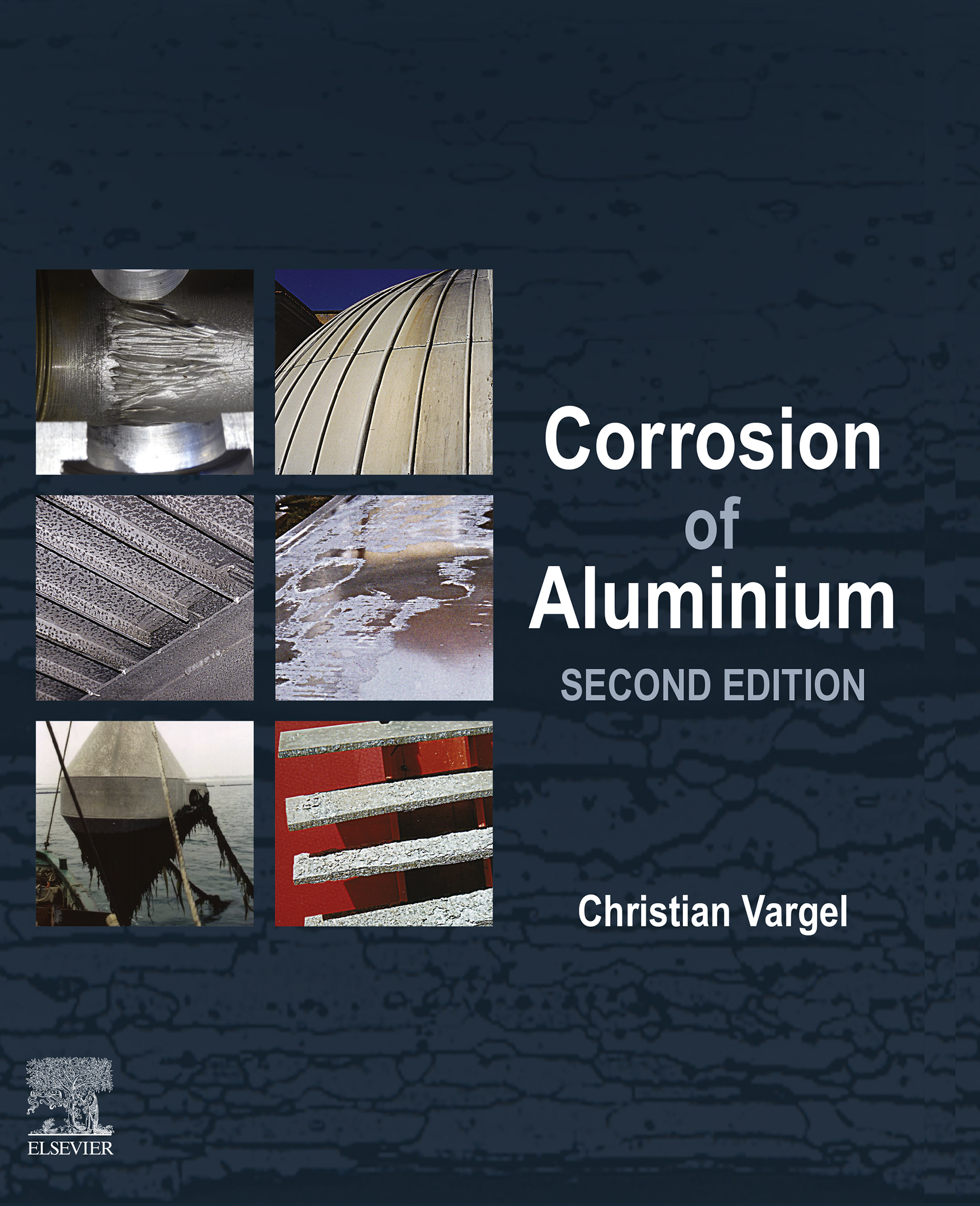
Corrosion of Aluminium Corrosion of Aluminium, Second Edition, highlights the practical and general aspects of the corrosion of aluminium alloys. Chapters help readers new to the topic understand the metallurgical, chemical and physical features of aluminium alloys. Author Christian Vargel adopts a practitioner styled approach that is based on the expertise he has gained during a 40-year career in aluminium corrosion. The book assesses the corrosion resistance of aluminium, a key metric recognized as one of the main conditions for the development of many uses of aluminium in transport, construction, power transmission, and more. Features 600 bibliographic references, providing a comprehensive guide to over 100 years of related study Includes numerous illustrations to enhance study Presents practical applications across many industries Provides an accessible reference for both beginners and experts TECHNOLOGY & ENGINEERING,Metallurgy

Phase Transformations and Heat Treatments of Steels The perpetual flow of understanding between phase transformation that controls grain/microstructures and heat treatment which decides the size of grains/microstructures of steels is not well articulated in the perspective of undergraduate students. In Phase Transformations and Heat Treatments of Steels , theories of phase transformation have been used to obtain a desirable phase or combination of phases by performing appropriate heat treatment operations, leading to unification of both the concepts. Further, it includes special and critical heat treatment practices, case studies, local and in-service heat treatments, curative and preventive measures of heat treatment defects for several common and high-performance applications. Features: Presents fundamentals of phase transformation in steels Analyzes basics of phase transformation due to heat treatment of steel under various environmental conditions Explains application of heat treatment for different structural components Discusses heat treatment defects and detection Emphasizes heat treatment of special steels and in-situ heat treatment practices TECHNOLOGY & ENGINEERING,Metallurgy
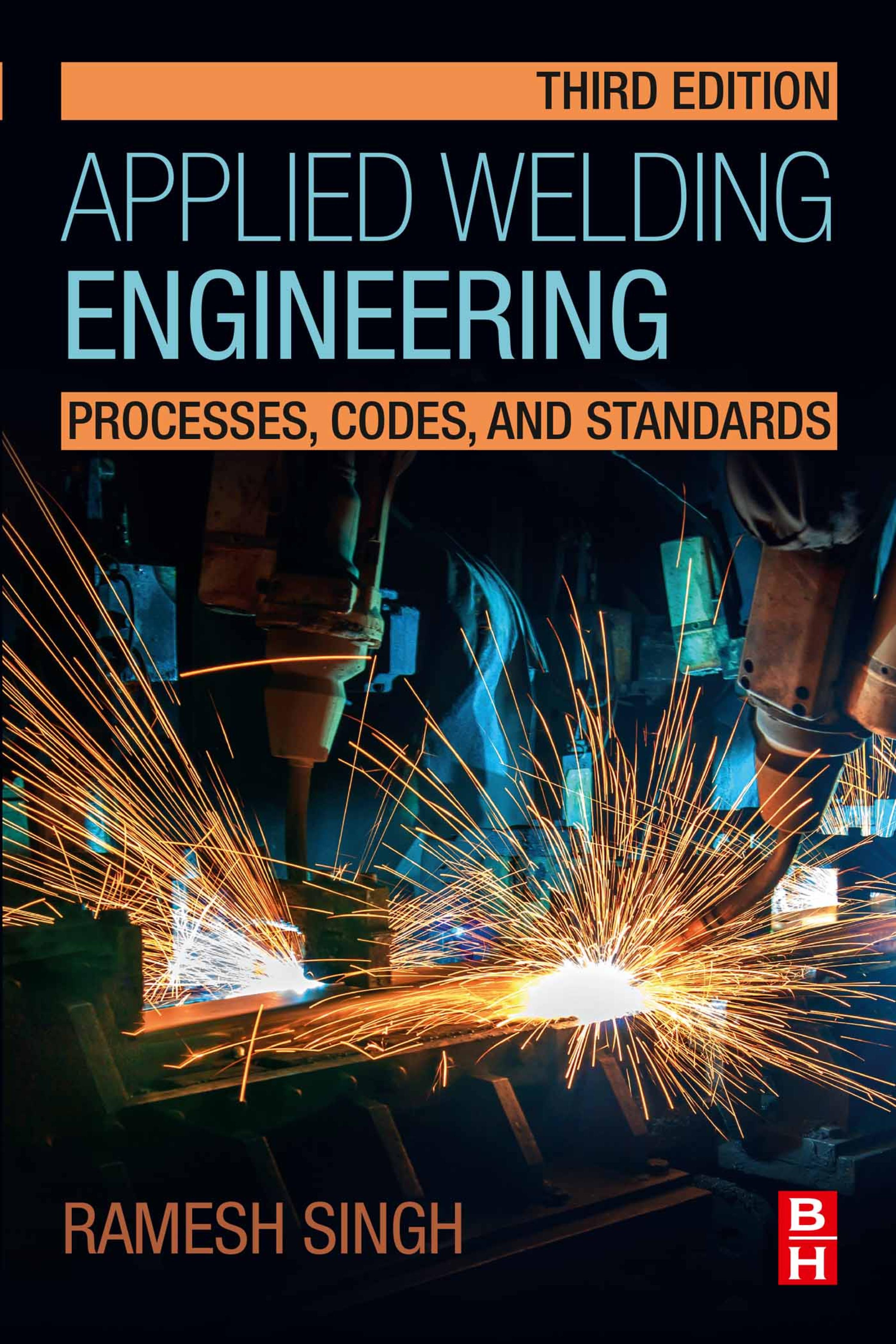
Applied Welding Engineering Applied Welding Engineering: Processes, Codes and Standards, Third Edition, provides expert advice on how to comply with international codes and work them into "day-to-day" design, construction and inspection. This new edition covers advances in automation and robotic welding in advanced manufacturing, the applications of friction stir welding, and standards and codes. The science of metallurgy, including Alloys, Physical Metallurgy, Structure of Materials, Non-Ferrous Materials, Mechanical Properties and Testing of Metals and Heal Treatment of Steels is also considered, as are Welding Metallurgy, Welding Processes, Nondestructive Testing and Codes and Standards. Case studies bridge the gap between theory and the world of welding engineering. Other topics cover Mechanical Properties and Testing of Metals, Heat Treatment of Steels, Effect of Heat on Material During Welding, Stresses, Shrinkage and Distortion in Welding, Welding, Corrosion Resistant Alloys-Stainless Steel, Welding Defects and Inspection, Codes, Specifications and Standards. Includes the very latest on automation and robotic welding in advanced manufacturing environments Explains how to weld a range of common metals, also including technical instructions Provides coverage of international codes and standards relevant to welding Addresses a wide range of practical welding themes, including stresses and distortion, corrosion, weld defects and nondestructive testing TECHNOLOGY & ENGINEERING,Metallurgy
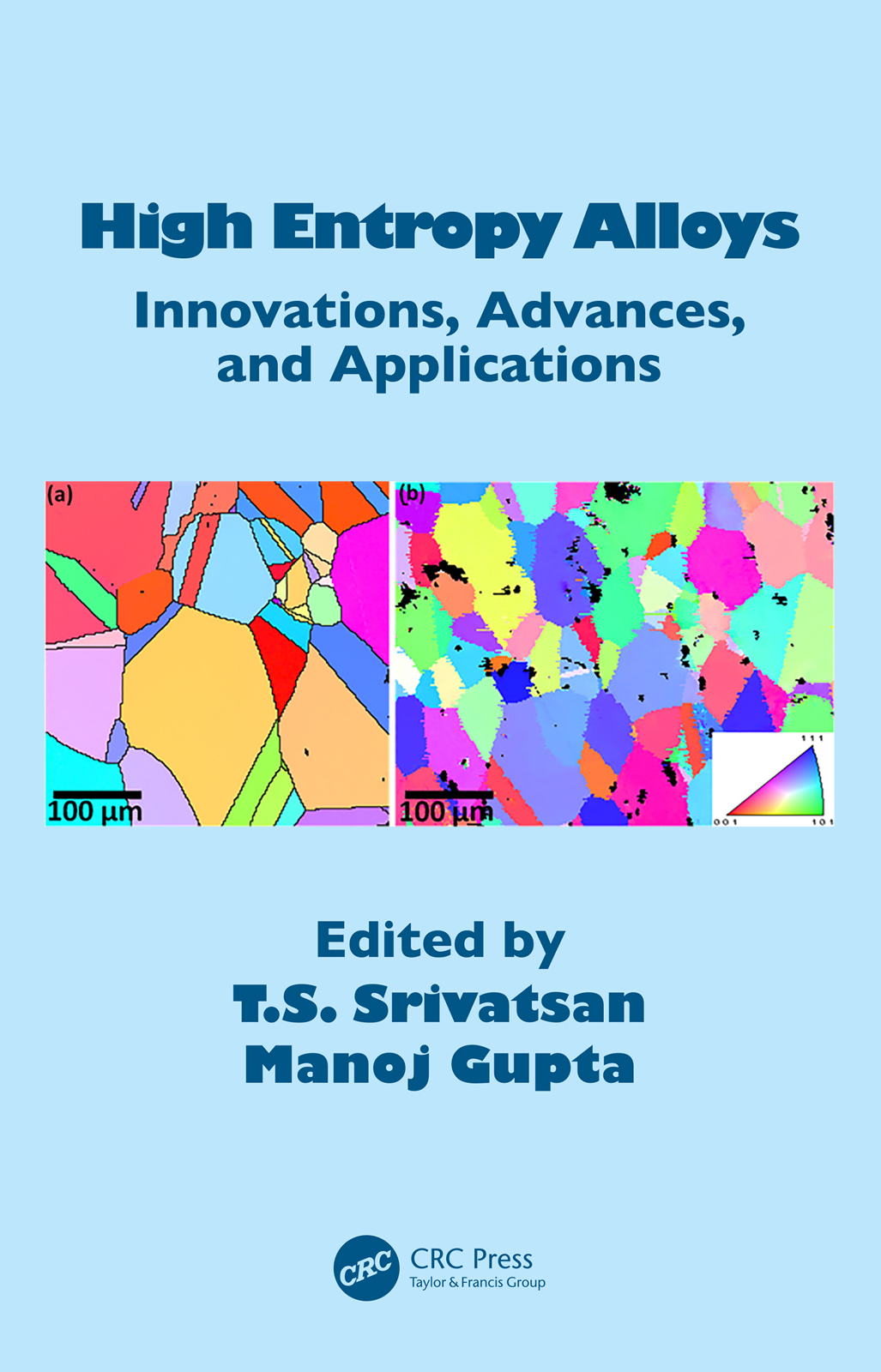
High Entropy Alloys This book provides a cohesive overview of innovations, advances in processing and characterization, and applications for high entropy alloys (HEAs) in performance-critical and non-performance-critical sectors. It covers manufacturing and processing, advanced characterization and analysis techniques, and evaluation of mechanical and physical properties. With chapters authored by a team of internationally renowned experts, the volume includes discussions on high entropy thermoelectric materials, corrosion and thermal behavior of HEAs, improving fracture resistance, fatigue properties and high tensile strength of HEAs, HEA films, and more. This work will be of interest to academics, scientists, engineers, technologists, and entrepreneurs working in the field of materials and metals development for advanced applications. Features Addresses a broad spectrum of HEAs and related aspects, including manufacturing, processing, characterization, and properties Emphasizes the application of HEAs Aimed at researchers, engineers, and scientists working to develop materials for advanced applications T.S. Srivatsan, PhD, Professor of Materials Science and Engineering in the Department of Mechanical Engineering at the University of Akron (Ohio, USA), earned his MS in Aerospace Engineering in 1981 and his PhD in Mechanical Engineering in 1984 from the Georgia Institute of Technology (USA). He has authored or edited 65 books, delivered over 200 technical presentations, and authored or co-authored more than 700 archival publications in journals, book chapters, book reviews, proceedings of conferences, and technical reports. His RG score is 45 with a h-index of 53 and Google Scholar citations of 9000, ranking him to be among the top 2% of researchers in the world. He is a Fellow of (i) the American Society for Materials International, (ii) the American Society of Mechanical Engineers, and (iii) the American Association for Advancement of Science. Manoj Gupta, PhD, is Associate Professor of Materials at NUS, Singapore. He is a former Head of Materials Division of the Mechanical Engineering Department and Director Designate of Materials Science and Engineering Initiative at NUS, Singapore. In August 2017, he was highlighted among the Top 1% Scientists of the World by the Universal Scientific Education and Research Network and in the Top 2.5% among scientists as per ResearchGate. In 2018, he was announced as World Academy Championship Winner in the area of Biomedical Sciences by the International Agency for Standards and Ratings. A multiple award winner, he actively collaborates/visits as an invited researcher and visiting and chair professor in Japan, France, Saudi Arabia, Qatar, China, the United States, and India. TECHNOLOGY & ENGINEERING,Metallurgy

Electron-Ion-Plasma Modification of a Hypoeutectoid Al-Si Alloy Electron-Ion-Plasma Modification of a Hypereutectic Al-Si Alloy details theoretical and experimental research and computer simulation of structural phase transformations in AlSi10Mn2Ni Silumin on different scale levels under electroexplosion alloying, electron beam processing and electron-plasma alloying at the nanolevel in order to create new materials. The authors summarize and analyze more than 10 years of research on the electron-ion-plasma effect on strength properties and structure-phase states’ transformations of hypoeutectic Silumin. Key Features: Details physical and mathematical models of mechanisms of surface layer hardening under conditions of varying energy effects Offers insights into improved strength characteristics of Silumin Explores optimal processing modes for increased strength and improved tribological characteristics This book is a valuable resource to researchers and engineers involved with the modification of light alloy surfaces for the automotive and aeronautical industry. TECHNOLOGY & ENGINEERING,Metallurgy
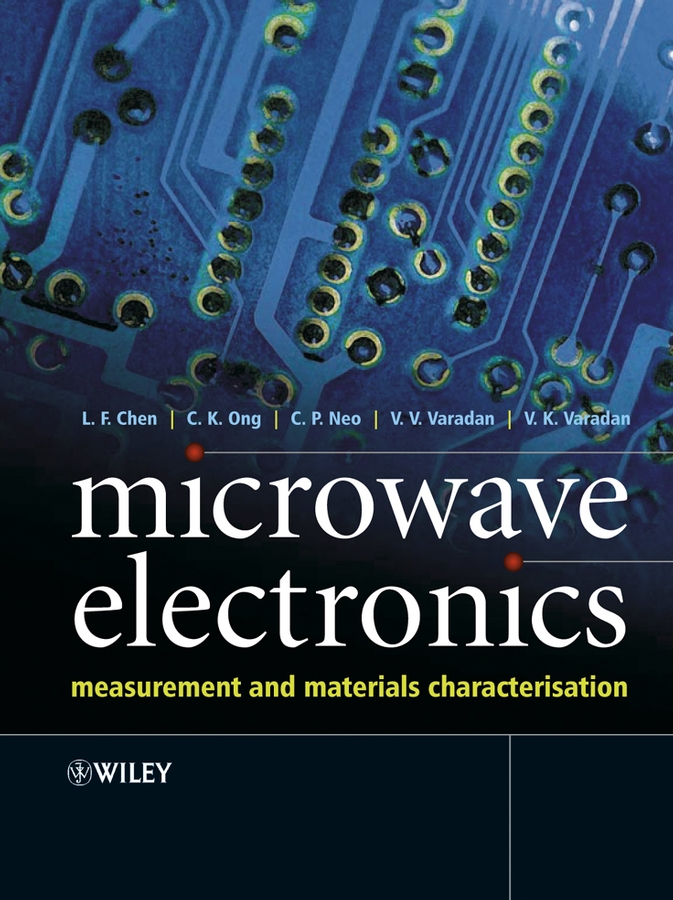
Microwave Electronics The development of high speed, high frequency circuits and systems requires an understanding of the properties of materials functioning at the microwave level. This comprehensive reference sets out to address this requirement by providing guidance on the development of suitable measurement methodologies tailored for a variety of materials and application systems. Bringing together coverage of a broad range of techniques in one publication for the first time, this book: Provides a comprehensive introduction to microwave theory and microwave measurement techniques. Examines every aspect of microwave material properties, circuit design and applications. Presents materials property characterisation methods along with a discussion of the underlying theory. Outlines the importance of microwave absorbers in the reduction in noise levels in microwave circuits and their importance within defence industry applications. Relates each measurement technique to its application across the fields of microwave engineering, high-speed electronics, remote sensing and the physical sciences. This book will appeal to practising engineers and technicians working in the areas of RF, microwaves, communications, solid-state devices and radar. Senior students, researchers in microwave engineering and microelectronics and material scientists will also find this book a very useful reference. TECHNOLOGY & ENGINEERING,Microwaves
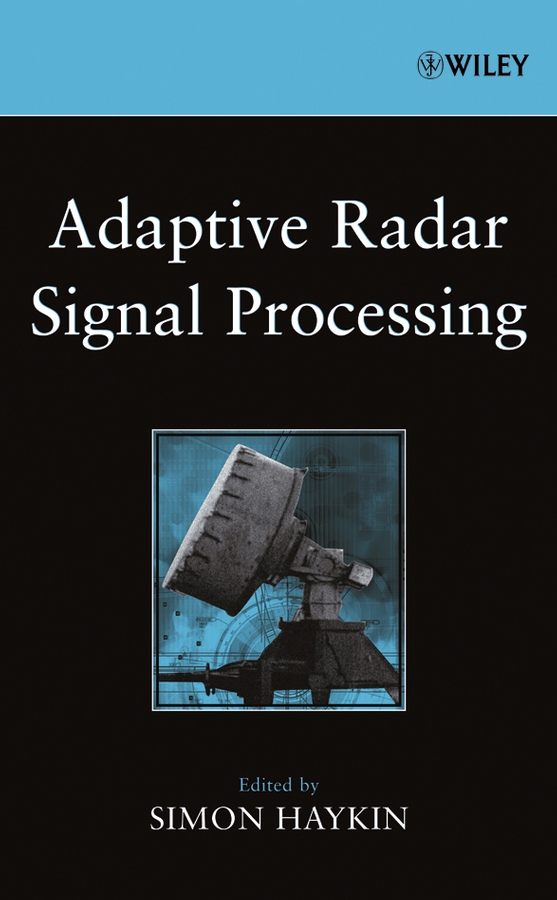
Adaptive Radar Signal Processing This collaborative work presents the results of over twenty years of pioneering research by Professor Simon Haykin and his colleagues, dealing with the use of adaptive radar signal processing to account for the nonstationary nature of the environment. These results have profound implications for defense-related signal processing and remote sensing. References are provided in each chapter guiding the reader to the original research on which this book is based. TECHNOLOGY & ENGINEERING,Microwaves
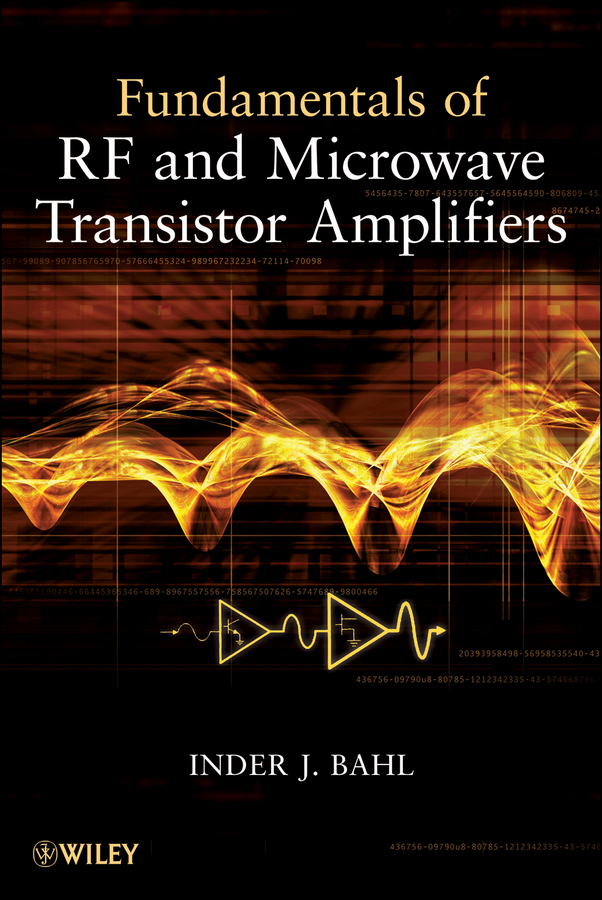
Fundamentals of RF and Microwave Transistor Amplifiers A Comprehensive and Up-to-Date Treatment of RF and Microwave Transistor Amplifiers This book provides state-of-the-art coverage of RF and microwave transistor amplifiers, including low-noise, narrowband, broadband, linear, high-power, high-efficiency, and high-voltage. Topics covered include modeling, analysis, design, packaging, and thermal and fabrication considerations. Through a unique integration of theory and practice, readers will learn to solve amplifier-related design problems ranging from matching networks to biasing and stability. More than 240 problems are included to help readers test their basic amplifier and circuit design skills-and more than half of the problems feature fully worked-out solutions. With an emphasis on theory, design, and everyday applications, this book is geared toward students, teachers, scientists, and practicing engineers who are interested in broadening their knowledge of RF and microwave transistor amplifier circuit design. TECHNOLOGY & ENGINEERING,Microwaves
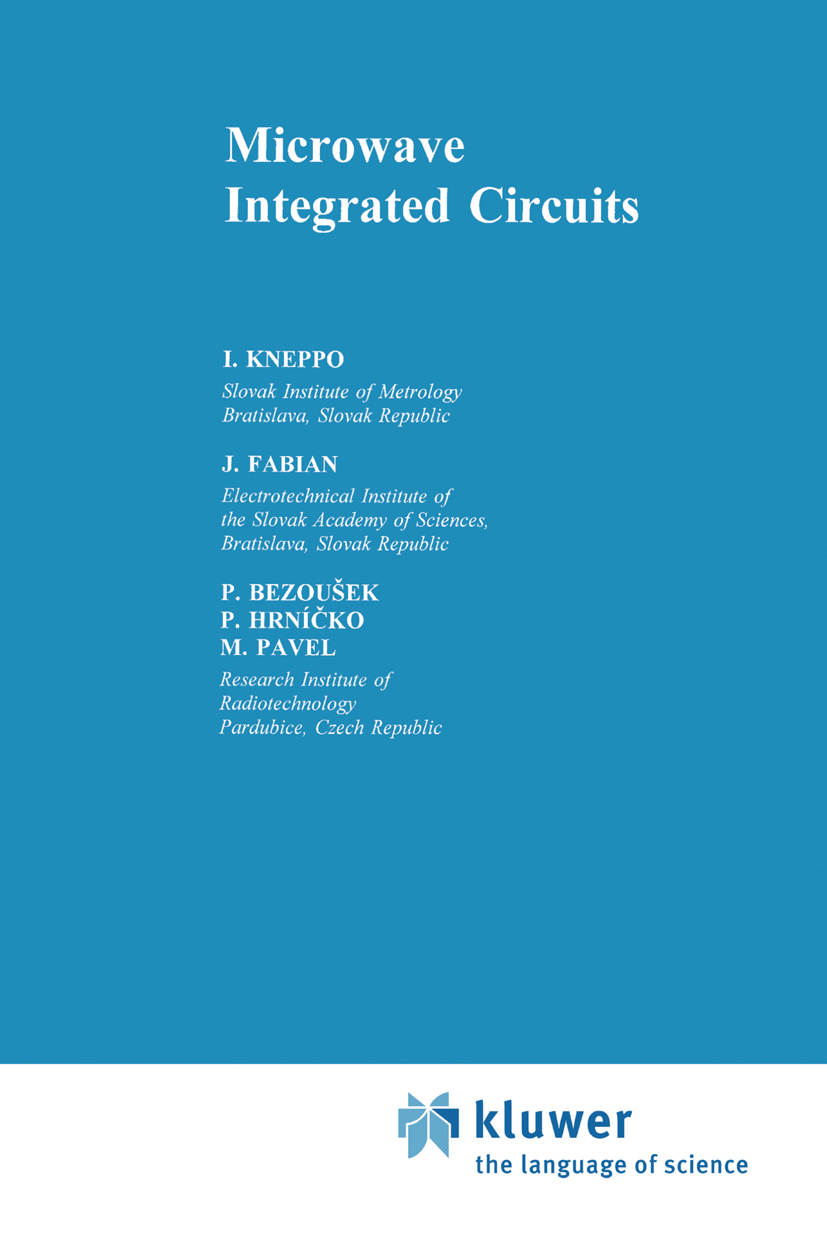
Microwave Integrated Circuits Microwave Integrated Circuits provides a comprehensive overview of analysis and design methods for integrated circuits and devices in microwave systems. Passive and active devices, and linear and non-linear circuits are covered with a final chapter detailing measurement and test techniques. TECHNOLOGY & ENGINEERING,Microwaves

Magnetostatic Waves and Their Application Magnetostatic Waves and their Applications is the first book devoted to magnetostatic waves. The book gives a thorough review of the field suitable for scientists, engineers and advanced students involved in magnetism and microwave electronics new to this area. It covers the field from essential physics to applications in microwave electronics, with details of the materials and materials processing methods included. TECHNOLOGY & ENGINEERING,Microwaves
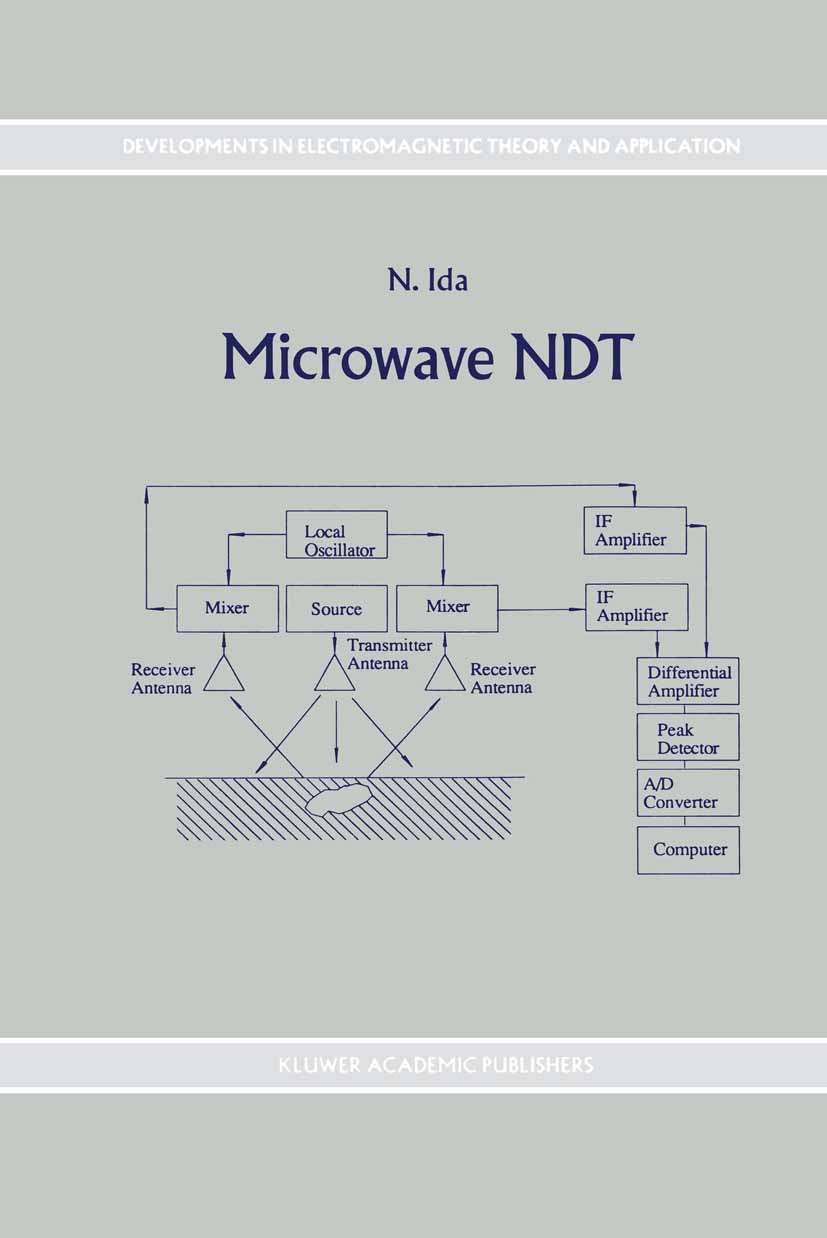
Microwave NDT Microwave testing has been paid only scant attention in the literature as a method for nondestructive testing of materials, yet it offers some attractive features, especially for the testing of composite and other non-metallic materials. Microwave techniques have been used in a large number of applications that can be classified as nondestructive testing applications, ranging from large scale remote sensing to detection of tumors in the body. This volume describes a unified approach to microwave nondestructive testing by presenting the three essential components of testing: theory, practice, and modelling. While recognizing that each of these subjects is wide enough to justify a volume of its own, the presentation of the three topics together shows that these are interrelated and should be practiced together. While few will argue against a good theoretical background, modelling and simulation of the testing environment is seldom part of the NDT training in any method, but particularly so in microwave testing. The text is devided in four parts. The first part presents the field theory background necessary for understanding the microwave domain. The second part treats microwave measurements as well as devices and sources and the third part discusses practical tests applicable to a variety of materials and geometries. The fourth part discusses modelling of microwave testing. Each chapter contains a bibliography intended to expand on the material given and, in particular, to point to subjects which could not be covered either as not appropriate or for lack of space. For engineers, applied physicsts, material scientists. TECHNOLOGY & ENGINEERING,Microwaves
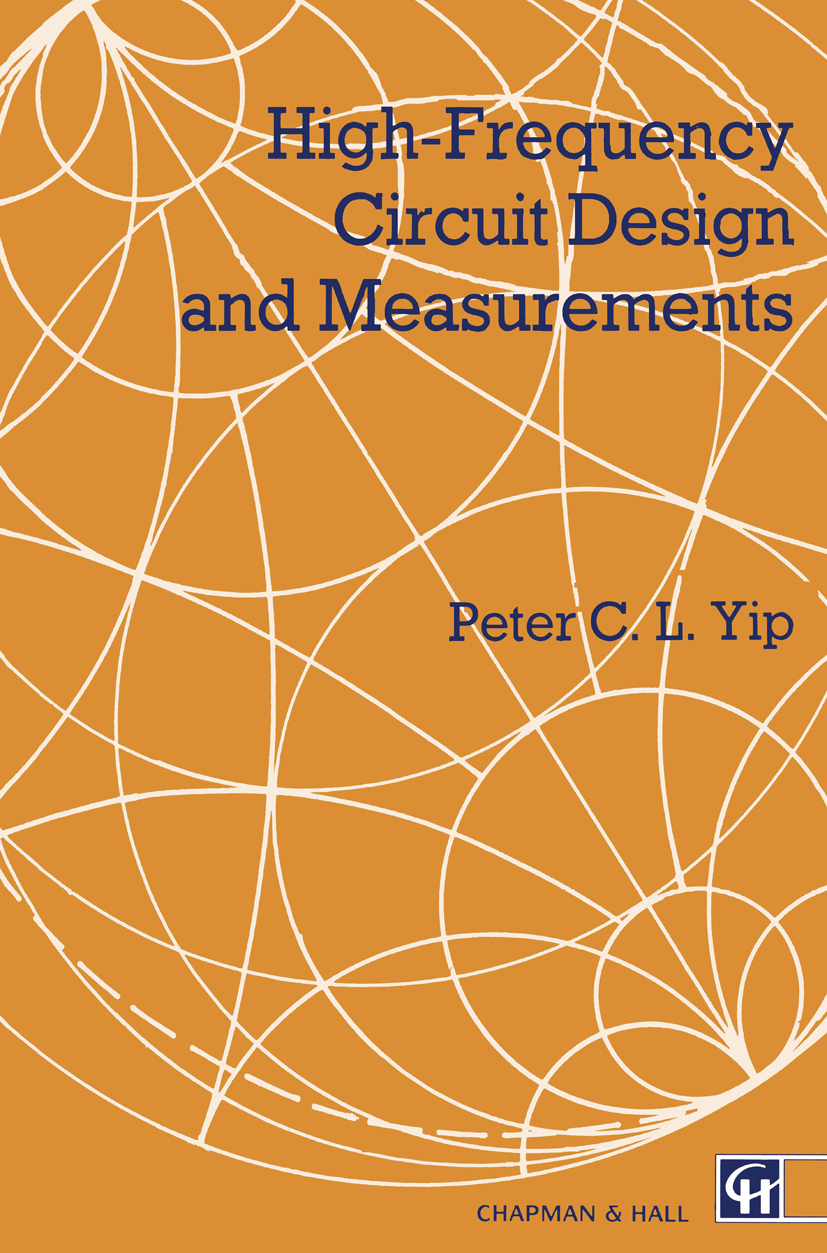
High-Frequency Circuit Design and Measurements An elective course in the final-year BEng progamme in electronic engin eering in the City Polytechnic of Hong Kong was generated in response to the growing need of local industry for graduate engineers capable of designing circuits and performing measurements at high frequencies up to a few gigahertz. This book has grown out from the lecture and tutorial materials written specifically for this course. This course should, in the opinion of the author, best be conducted if students can take a final-year design project in the same area. Examples of projects in areas related to the subject matter of this book which have been completed successfully in the last two years that the course has been run include: low-noise amplifiers, dielectric resonator-loaded oscillators and down converters in the 12 GHz as well as the 1 GHz bands; mixers; varactor-tuned and non-varactor-tuned VCOs; low-noise and power amplifiers; and filters and duplexers in the 1 GHz, 800 MHz and 500 MHz bands. The book is intended for use in a course of forty lecture hours plus twenty tutorial hours and the prerequisite expected of the readers is a general knowledge of analogue electronic circuits and basic field theory. Readers with no prior knowledge in high-frequency circuits are recom mended to read the book in the order that it is arranged. ~ ______ In_t_ro_d_u_c_tl_·o_n ______ ~1 ~ 1. TECHNOLOGY & ENGINEERING,Microwaves
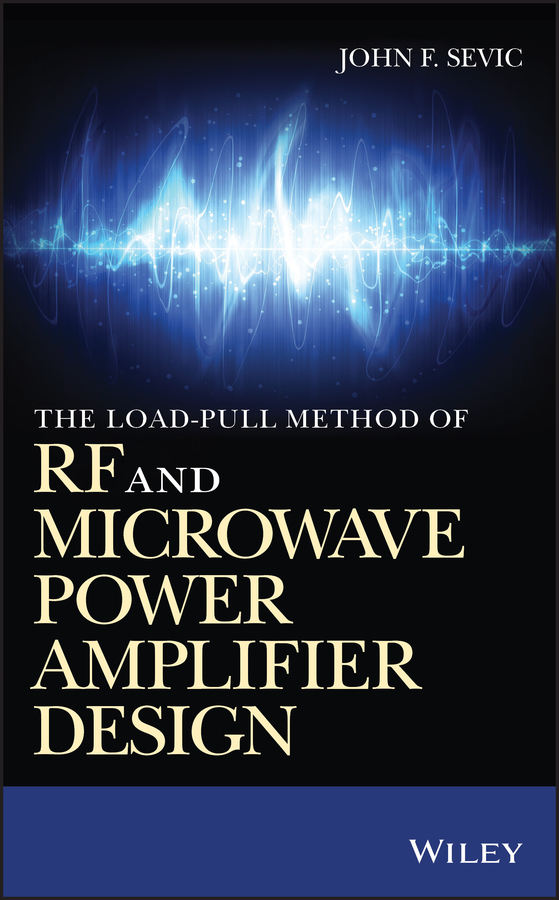
The Load-pull Method of RF and Microwave Power Amplifier Design Using the load-pull method for RF and microwave power amplifier design This new book on RF power amplifier design, by industry expert Dr. John F. Sevic, provides comprehensive treatment of RF PA design using the load-pull method, the most widely used and successful method of design. Intended for the newcomer to load-pull, or the seasoned expert, the book presents a systematic method of generation of load-pull contour data, and matching network design, to rapidly produce a RF PA with first-pass success. The method is suitable from HF to millimeter-wave bands, discrete or integrated, and for high-power applications. Those engaged in design or fundamental research will find this book useful, as will the student new to RF and interested in PA design. The author presents a complete pedagogical methodology for RF PA design, starting with treatment of automated contour generation to identify optimum transistor performance with constant source power load-pull. Advanced methods of contour generation for simultaneous optimization of many variables, such as power, efficiency, and linearity are next presented. This is followed by treatment of optimum impedance identification using contour data to address specific objectives, such as optimum efficiency for a given linearity over a specific bandwidth. The final chapter presents a load-pull specific treatment of matching network design using load-pull contour data, applicable to both single-stage and multi-stage PA's. Both lumped and distributed matching network synthesis methods are described, with several worked matching network examples. Readers will see a description of a powerful and accessible method that spans multiple RF PA disciplines, including 5G base-station and mobile applications, as well as sat-com and military applications; load-pull with CAD systems is also included. They will review information presented through a practical, hands-on perspective. The book: Helps engineers develop systematic, accurate, and repeatable approach to RF PA design Provides in-depth coverage of using the load-pull method for first-pass design success Offers 150 illustrations and six case studies for greater comprehension of topics TECHNOLOGY & ENGINEERING,Microwaves
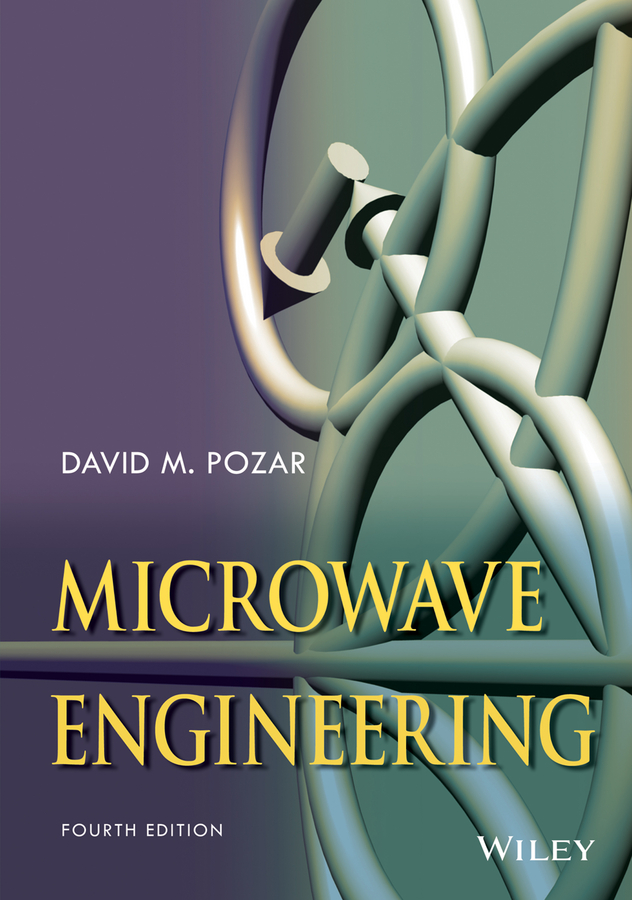
Microwave Engineering The 4th edition of this classic text provides a thorough coverage of RF and microwave engineering concepts, starting from fundamental principles of electrical engineering, with applications to microwave circuits and devices of practical importance. Coverage includes microwave network analysis, impedance matching, directional couplers and hybrids, microwave filters, ferrite devices, noise, nonlinear effects, and the design of microwave oscillators, amplifiers, and mixers. Material on microwave and RF systems includes wireless communications, radar, radiometry, and radiation hazards. A large number of examples and end-of-chapter problems test the reader's understanding of the material. The 4th edition includes new and updated material on systems, noise, active devices and circuits, power waves, transients, RF CMOS circuits, and more. TECHNOLOGY & ENGINEERING,Microwaves
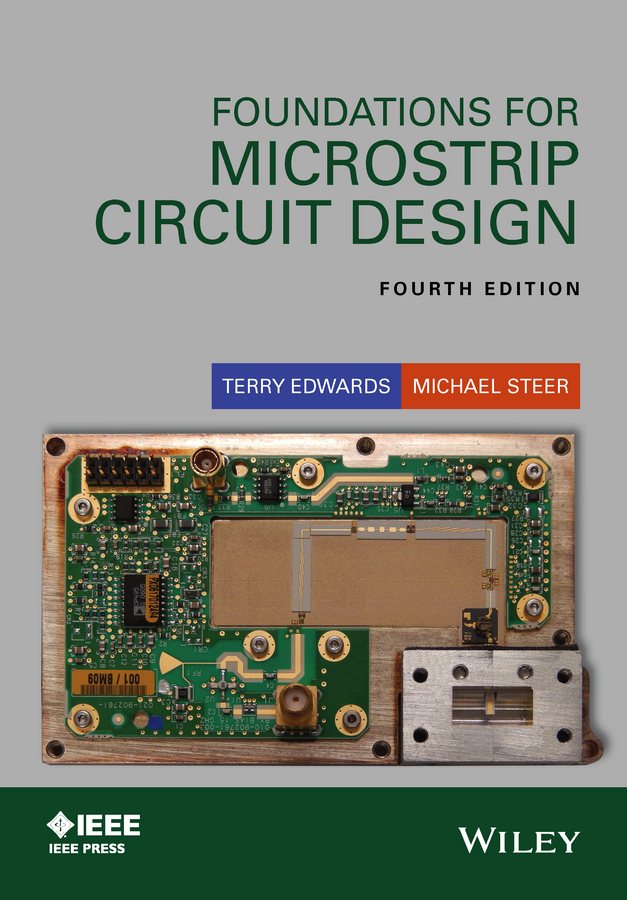
Foundations for Microstrip Circuit Design Building on the success of the previous three editions, Foundations for Microstrip Circuit Design offers extensive new, updated and revised material based upon the latest research. Strongly design-oriented, this fourth edition provides the reader with a fundamental understanding of this fast expanding field making it a definitive source for professional engineers and researchers and an indispensable reference for senior students in electronic engineering. Topics new to this edition: microwave substrates, multilayer transmission line structures, modern EM tools and techniques, microstrip and planar transmision line design, transmission line theory, substrates for planar transmission lines, Vias, wirebonds, 3D integrated interposer structures, computer-aided design, microstrip and power-dependent effects, circuit models, microwave network analysis, microstrip passive elements, and slotline design fundamentals. TECHNOLOGY & ENGINEERING,Microwaves
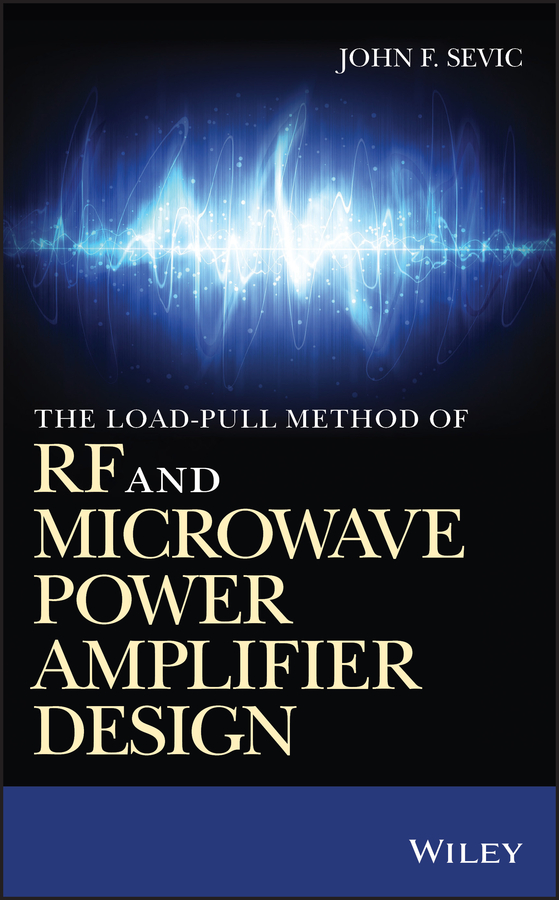
The Load-pull Method of RF and Microwave Power Amplifier Design Using the load-pull method for RF and microwave power amplifier design This new book on RF power amplifier design, by industry expert Dr. John F. Sevic, provides comprehensive treatment of RF PA design using the load-pull method, the most widely used and successful method of design. Intended for the newcomer to load-pull, or the seasoned expert, the book presents a systematic method of generation of load-pull contour data, and matching network design, to rapidly produce a RF PA with first-pass success. The method is suitable from HF to millimeter-wave bands, discrete or integrated, and for high-power applications. Those engaged in design or fundamental research will find this book useful, as will the student new to RF and interested in PA design. The author presents a complete pedagogical methodology for RF PA design, starting with treatment of automated contour generation to identify optimum transistor performance with constant source power load-pull. Advanced methods of contour generation for simultaneous optimization of many variables, such as power, efficiency, and linearity are next presented. This is followed by treatment of optimum impedance identification using contour data to address specific objectives, such as optimum efficiency for a given linearity over a specific bandwidth. The final chapter presents a load-pull specific treatment of matching network design using load-pull contour data, applicable to both single-stage and multi-stage PA's. Both lumped and distributed matching network synthesis methods are described, with several worked matching network examples. Readers will see a description of a powerful and accessible method that spans multiple RF PA disciplines, including 5G base-station and mobile applications, as well as sat-com and military applications; load-pull with CAD systems is also included. They will review information presented through a practical, hands-on perspective. The book: Helps engineers develop systematic, accurate, and repeatable approach to RF PA design Provides in-depth coverage of using the load-pull method for first-pass design success Offers 150 illustrations and six case studies for greater comprehension of topics TECHNOLOGY & ENGINEERING,Microwaves
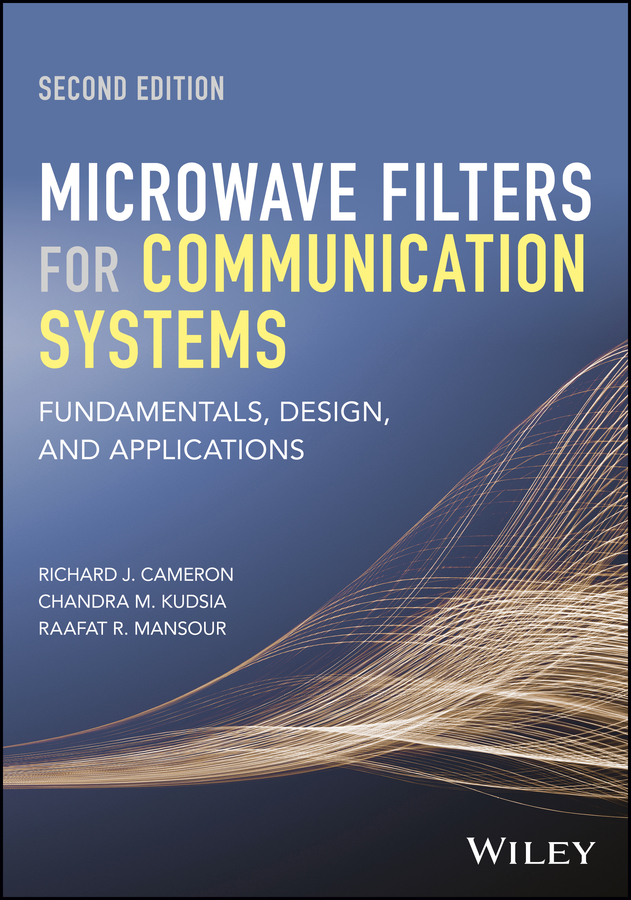
Microwave Filters for Communication Systems An in-depth look at the state-of-the-art in microwave filter design, implementation, and optimization Thoroughly revised and expanded, this second edition of the popular reference addresses the many important advances that have taken place in the field since the publication of the first edition and includes new chapters on Multiband Filters, Tunable Filters and a chapter devoted to Practical Considerations and Examples. One of the chief constraints in the evolution of wireless communication systems is the scarcity of the available frequency spectrum, thus making frequency spectrum a primary resource to be judiciously shared and optimally utilized. This fundamental limitation, along with atmospheric conditions and interference have long been drivers of intense research and development in the fields of signal processing and filter networks, the two technologies that govern the information capacity of a given frequency spectrum. Written by distinguished experts with a combined century of industrial and academic experience in the field, Microwave Filters for Communication Systems: Provides a coherent, accessible description of system requirements and constraints for microwave filters Covers fundamental considerations in the theory and design of microwave filters and the use of EM techniques to analyze and optimize filter structures Chapters on Multiband Filters and Tunable Filters address the new markets emerging for wireless communication systems and flexible satellite payloads and A chapter devoted to real-world examples and exercises that allow readers to test and fine-tune their grasp of the material covered in various chapters, in effect it provides the roadmap to develop a software laboratory, to analyze, design, and perform system level tradeoffs including EM based tolerance and sensitivity analysis for microwave filters and multiplexers for practical applications. Microwave Filters for Communication Systems provides students and practitioners alike with a solid grounding in the theoretical underpinnings of practical microwave filter and its physical realization using state-of-the-art EM-based techniques. TECHNOLOGY & ENGINEERING,Microwaves

Conceptual Electromagnetics This is a textbook on electromagnetic fields and waves completely based on conceptual understanding of electromagnetics. The text provides operational knowledge and firm grasp of electromagnetic fundamentals aimed toward practical engineering applications by combining fundamental theory and a unique and comprehensive collection of as many as 888 conceptual questions and problems in electromagnetics. Conceptual questions are designed to strongly enforce and enhance both the theoretical concepts and understanding and problem-solving techniques and skills in electromagnetics. TECHNOLOGY & ENGINEERING,Microwaves

Theory of Waveguides and Transmission Lines This book covers the principles of operation of electromagnetic waveguides and transmission lines. The approach is divided between mathematical descriptions of basic behaviors and treatment of specific types of waveguide structures. Classical (distributed-network) transmission lines, their basic properties, their connection to lumped-element networks, and the distortion of pulses are discussed followed by a full field analysis of waveguide modes. Modes of specific kinds of waveguides - traditional hollow metallic waveguides, dielectric (including optical) waveguides, etc. are discussed. Problems of excitation and scattering of waveguide modes are addressed, followed by discussion of real systems and performance. TECHNOLOGY & ENGINEERING,Microwaves
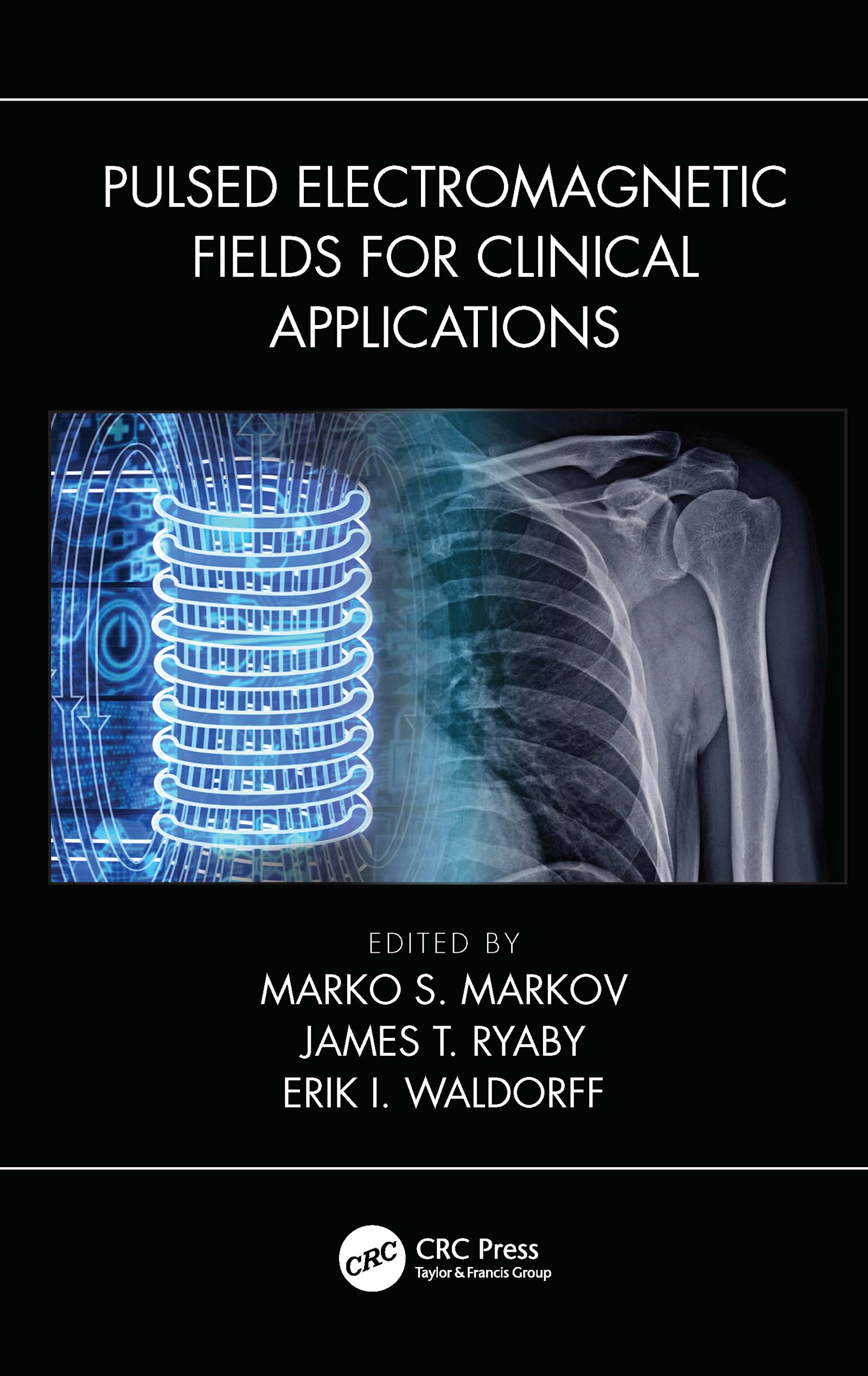
Pulsed Electromagnetic Fields for Clinical Applications Pulsed Electromagnetic Fields for Clinical Applications presents the historical development, the state of art, and the future of the application of pulsed electromagnetic fields (PEMFs) for the treatment of various medical problems, including initiating various healing processes from delayed fractures and pain relief to multiple sclerosis and Parkinson’s disease. The emphasis is on the development of scientific methods to be implemented in clinical application. In perspective, this modality provides a practical, exogenous method for inducing cell and tissue modification attempted to the injured tissues to their normal physiological status. The book reviews the current state of equipment for PEMFs and highlights worldwide therapeutic achievements. It explores the past, present, and future of PEMF therapies. It presents the development of theory and laboratory research during the last 70 years. It reviews the available equipment for PEMF. It reviews the state of the art of worldwide therapeutic achievements. It includes recent achievements and applications of electroporation modalities. TECHNOLOGY & ENGINEERING,Microwaves
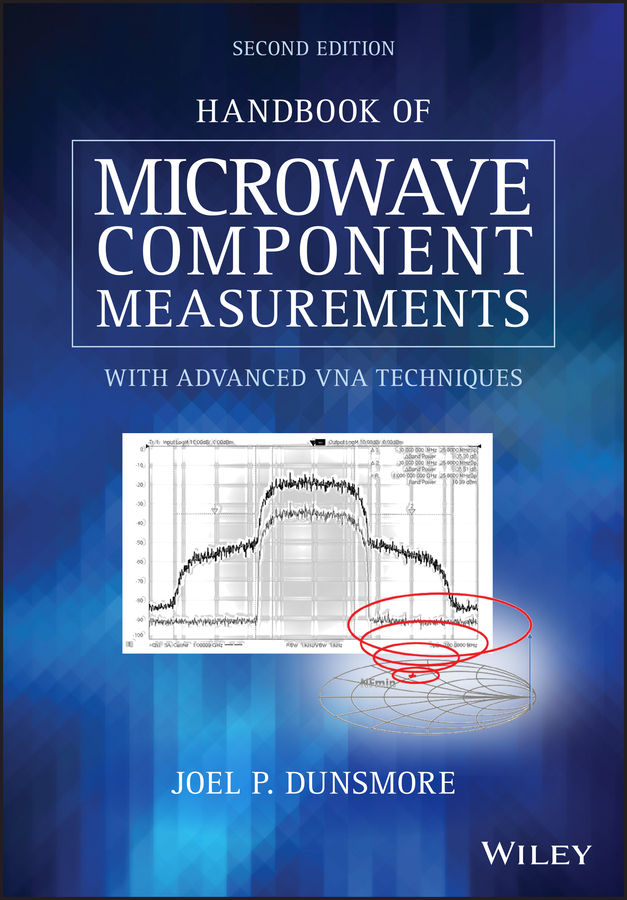
Handbook of Microwave Component Measurements Handbook of Microwave Component Measurements Second Edition is a fully updated, complete reference to this topic, focusing on the modern measurement tools, such as a Vector Network Analyzer (VNA), gathering in one place all the concepts, formulas, and best practices of measurement science. It includes basic concepts in each chapter as well as appendices which provide all the detail needed to understand the science behind microwave measurements. The book offers an insight into the best practices for ascertaining the true nature of the device-under-test (DUT), optimizing the time to setup and measure, and to the greatest extent possible, remove the effects of the measuring equipment from that result. Furthermore, the author writes with a simplicity that is easily accessible to the student or new engineer, yet is thorough enough to provide details of measurement science for even the most advanced applications and researchers. This welcome new edition brings forward the most modern techniques used in industry today, and recognizes that more new techniques have developed since the first edition published in 2012. Whilst still focusing on the VNA, these techniques are also compatible with other vendor's advanced equipment, providing a comprehensive industry reference. TECHNOLOGY & ENGINEERING,Microwaves

Winning the War Twenty-second century historians will note that a new World War began on 9/11/2001. In reality, it began much earlier. Competing value systems and the lust for natural resources will precipitate an inevitable clash of civilizations. Currently, we face elusive foes-foes who play by other rules-and in fact, we are already engaged in brutal, truly asymmetric conflict with varied forms of fighting; terrorism is but an isolated part. The increasing number of polymorphic hostilities requires revolutionary and unconventional responses. Special operations are the norm. Nanoscale, biological, and digital technologies have transformed how we fight future wars. Tactical lasers that zap pinpoint targets at twenty kilometers are being developed, as is the millimeter-wave Active Denial System that causes intense pain to those exposed. The "Mother of all Bombs" has been dropped, as have thermobaric weapons that destroy caves and bunkers. Robots roam the battlefield while exotic sensors catalogue nearly every facet of our lives. Paralyzing electrical shock weapons are in the hands of police. Even phasers on stun are closer than you think. Winning the War details the technologies and concepts necessary to ultimately determine the outcome of this global conflict. Via realistic scenarios from recovering tourists kidnapped by terrorists, to bringing down drug cartels in the Amazon, and even preventing Armageddon in the Middle East, Winning the War provides an insider's view into how these futuristic weapons will be used and into the complexities of modern warfare. Bold and controversial measures are prescribed, including the essential nature of absolute domination of space. Winning the War makes clear that drastic and innovative actions will be necessary to ensure our national survival. TECHNOLOGY & ENGINEERING,Military Science

The Donkeys The landmark exposé of incompetent leadership on the Western Front - why the British troops were lions led by donkeys On 26 September 1915, twelve British battalions – a strength of almost 10,000 men – were ordered to attack German positions in France. In the three-and-a-half hours of the battle, they sustained 8,246 casualties. The Germans suffered no casualties at all. Why did the British Army fail so spectacularly? What can be said of the leadership of generals? And most importantly, could it have all been prevented? In The Donkeys, eminent military historian Alan Clark scrutinises the major battles of that fateful year and casts a steady and revealing light on those in High Command - French, Rawlinson, Watson and Haig among them - whose orders resulted in the virtual destruction of the old professional British Army. Clark paints a vivid and convincing picture of how brave soldiers, the lions, were essentially sent to their deaths by incompetent and indifferent officers – the donkeys. ‘An eloquent and painful book... Clark leaves the impression that vanity and stupidity were the main ingredients of the massacres of 1915. He writes searingly and unforgettably’ Evening Standard TECHNOLOGY & ENGINEERING,Military Science
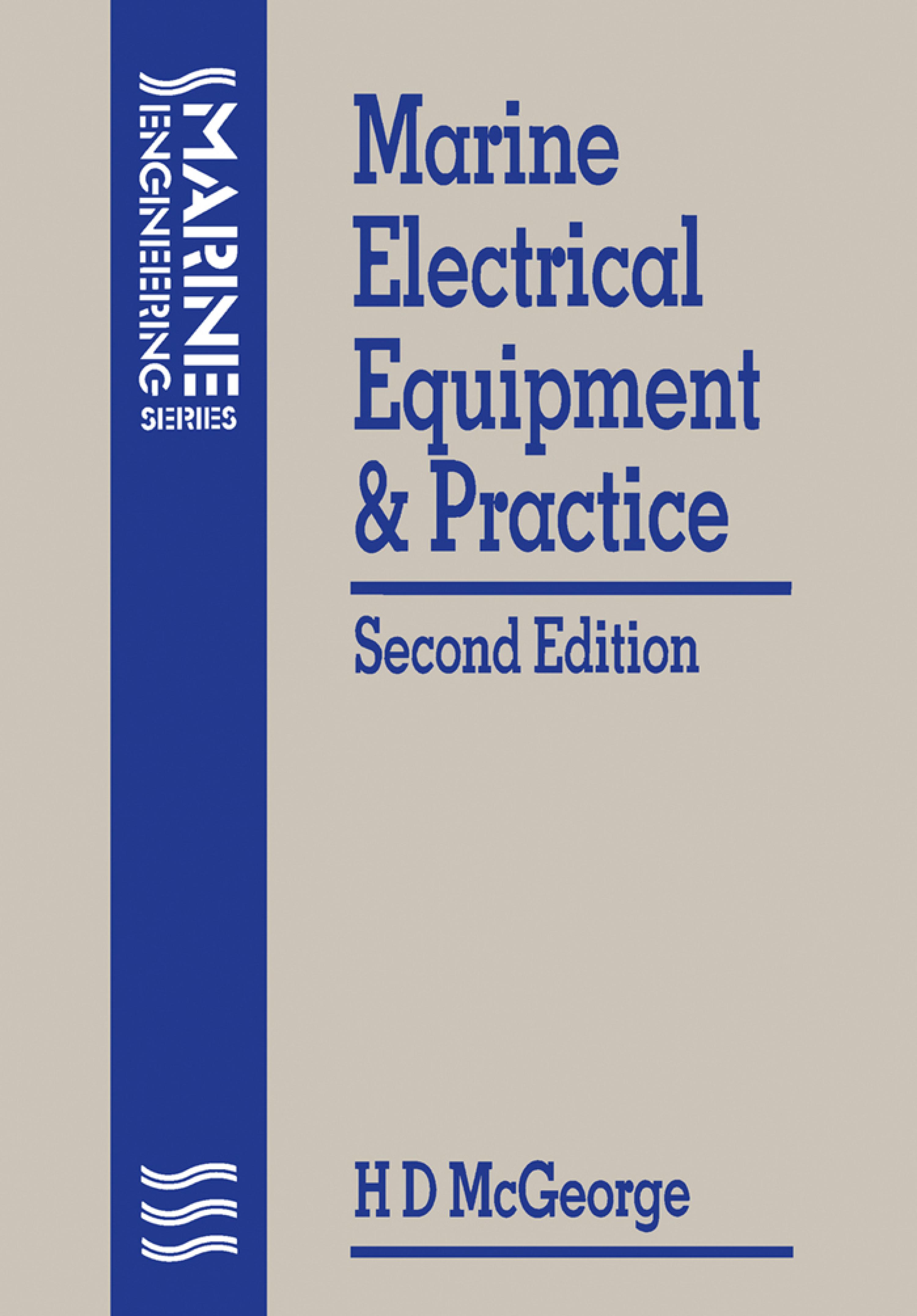
Marine Electrical Equipment and Practice Caters for marine engineer candidates for Department of Transport Certification as Marine Engineer Class One and Class Two. It covers the various items of ships' electrical equipment and explains operating principles. David McGeorge is a former lecturer in Marine Engineering at the College of Maritime Studies, Warsash, Southampton. He is the author of General Engineering Knowledge. TECHNOLOGY & ENGINEERING,Military Science
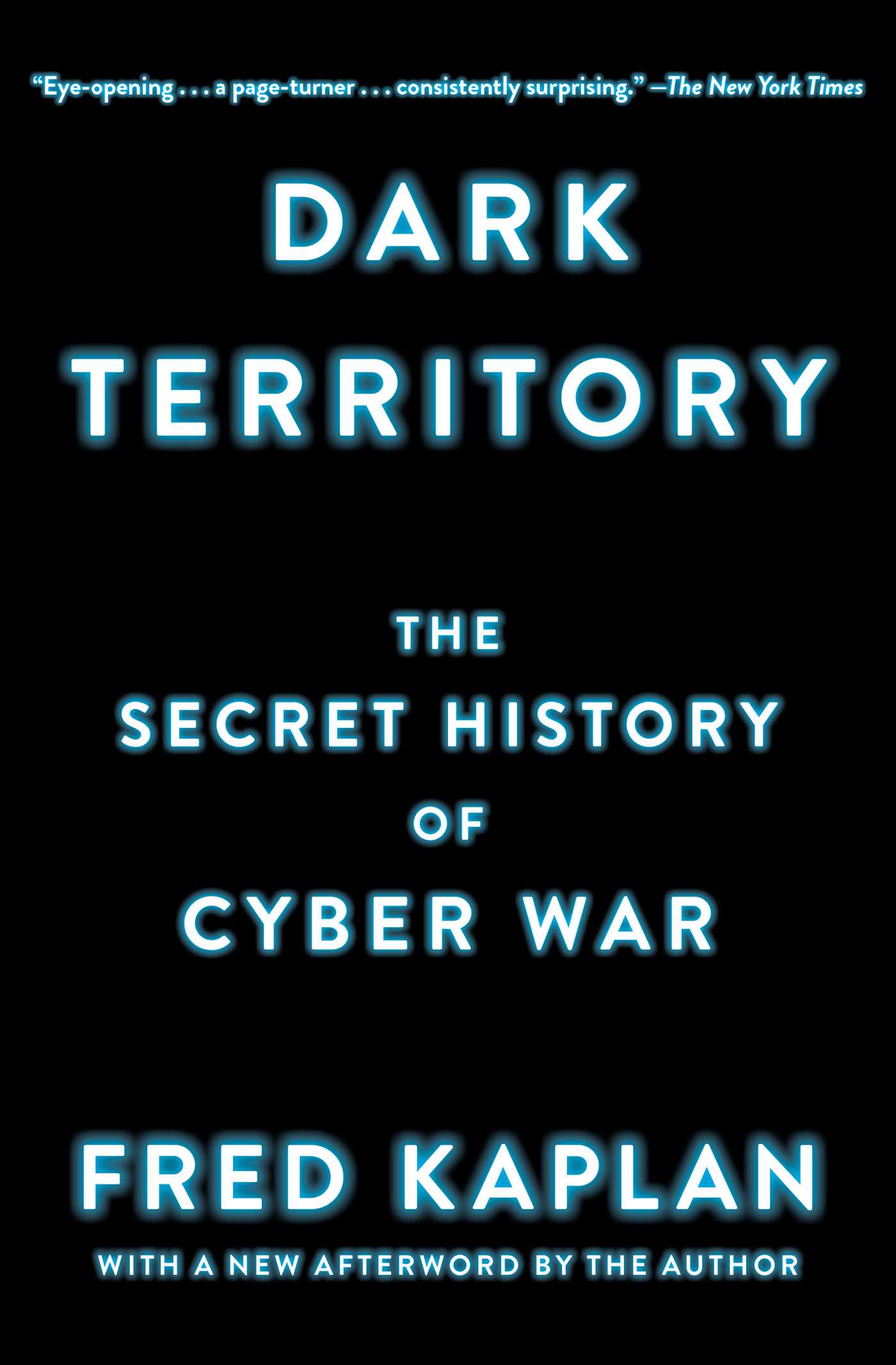
Dark Territory “An important, disturbing, and gripping history†(Kirkus Reviews, starred review), the never-before-told story of the computer scientists and the NSA, Pentagon, and White House policymakers who invent and employ cyber wars—where every country can be a major power player and every hacker a mass destroyer. In June 1983, President Reagan watched the movie War Games, in which a teenager unwittingly hacks the Pentagon, and asked his top general if the scenario was plausible. The general said it was. This set in motion the first presidential directive on computer security. From the 1991 Gulf War to conflicts in Haiti, Serbia, Syria, the former Soviet republics, Iraq, and Iran, where cyber warfare played a significant role, Dark Territory chronicles a little-known past that shines an unsettling light on our future. Fred Kaplan probes the inner corridors of the National Security Agency, the beyond-top-secret cyber units in the Pentagon, the “information warfare†squads of the military services, and the national security debates in the White House to reveal the details of the officers, policymakers, scientists, and spies who devised this new form of warfare and who have been planning—and (more often than people know) fighting—these wars for decades. “An eye-opening history of our government’s efforts to effectively manage our national security in the face of the largely open global communications network established by the World Wide Web….Dark Territory is a page-turner [and] consistently surprising†(The New York Times). TECHNOLOGY & ENGINEERING,Military Science

The Law of War The third edition of Ingrid Detter's authoritative work explores the changing legal context of modern warfare in light of events over the last decade. Ingrid Detter reviews the status of non-State actors, as individuals and groups become more prominent in international society. Covering post 9/11 events and the resulting changes in the ethos of war, the author analyses the role of military companies and examines what their legitimacy means for international society. The edition also discusses certain ’intrinsic’ rules in the Law of War, such as rules giving individuals the right to be spared genocide, torture, slavery and apartheid and assure them basic democratic rights. The author questions the right of ’illegal’ combatants to be treated as prisoners of war and suggests that a minimum standard must be afforded to all, whether captured dictators or detainees suspected of terrorism. In the modern world, the individual (the soldier, the civilian, the dictator, the terrorist or the pirate) can no longer behave as they wish. Further new topics include 'target killings', the ’right to protect’ (’R2P’, - claimed to be a new form of intervention), the use of unregulated weapons such as drones and robots, the war scenario in Outer Space and cyber crimes. There is also a discussion of new developments in the field of war crimes including severe criticism of the novel concept 'joint criminal enterprise' (JCE), which, in the opinion of the author, undermines the Rule of Law. This updated and expanded edition will be of use to statesmen, scholars and students of international relations and international law. TECHNOLOGY & ENGINEERING,Military Science

Future War An urgent, prescient, and expert look at how future technology will change virtually every aspect of war as we know it and how we can respond to the serious national security challenges ahead. Future war is almost here: battles fought in cyberspace; biologically enhanced soldiers; autonomous systems that can process information and strike violently before a human being can blink. A leading expert on the place of technology in war and intelligence, Robert H. Latiff, now teaching at the University of Notre Dame, has spent a career in the military researching and developing new combat technologies, observing the cost of our unquestioning embrace of innovation. At its best, advanced technology acts faster than ever to save the lives of soldiers; at its worst, the deployment of insufficiently considered new technology can have devastating unintended or long-term consequences. The question of whether we can is followed, all too infrequently, by the question of whether we should. In Future War, Latiff maps out the changing ways of war and the weapons technologies we will use to fight them, seeking to describe the ramifications of those changes and what it will mean in the future to be a soldier. He also recognizes that the fortunes of a nation are inextricably linked with its national defense, and how its citizens understand the importance of when, how, and according to what rules we fight. What will war mean to the average American? Are our leaders sufficiently sensitized to the implications of the new ways of fighting? How are the attitudes of individuals and civilian institutions shaped by the wars we fight and the means we use to fight them? And, of key importance: How will soldiers themselves think about war and their roles within it? The evolving, complex world of conflict and technology demands that we pay more attention to the issues that will confront us, before it is too late to control them. Decrying what he describes as a "broken" relationship between the military and the public it serves, Latiff issues a bold wake-up call to military planners and weapons technologists, decision makers, and the nation as a whole as we prepare for a very different future. TECHNOLOGY & ENGINEERING,Military Science
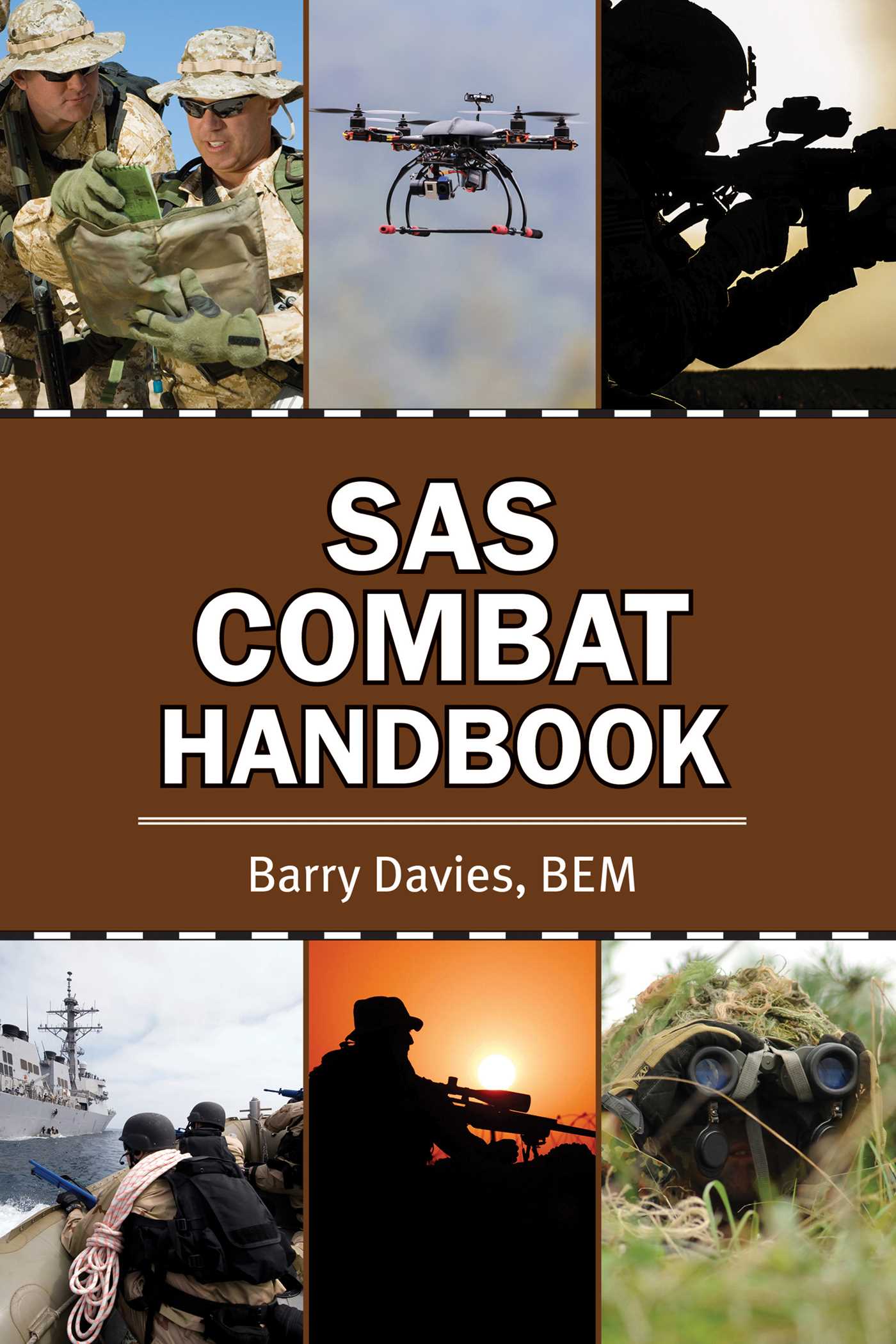
SAS Combat Handbook An SAS soldier explains the battle history of this prestigious military service, while teaching how you can defend yourself in both hand-to-hand and military combat. Seventy years after its inception, the Special Air Service (SAS) is recognized by many as one of the most decorated military forces in the world. Their soldiers do battle on a daily basis, taking actions that are normally swift, very hard hitting, and extremely secretive. They will gowillinglydeep behind enemy lines, taking on incredible odds and risking their lives in the hope of rescuing others. In the SAS Combat Handbook, you will be informed on all aspects of SAS operations. With never-before-seen photographs of these heroes in action and untold stories of individual acts of bravery, you will be taught the key combat methods that have made this military group exactly what they are: elite.Included are training tips that will teach you about various military tactics, such as: The art of cover and remaining hidden behind enemy linesThe keys to covert insertion and extraction operationsCounterterrorism skills, including building entry, ambush, and snipingFire battles on land, in the air, or at seaAnd so much more From the gathering of intelligence to undercover operations, the SAS is made up of two hundred men who are rigorously selected, highly trained, and ready to face what others fear. They know what it takes to get the job done, and no matter the situation, their combat skills are the best in the business. TECHNOLOGY & ENGINEERING,Military Science

Soldier of Fortune Guide to How to Disappear and Never Be Found No matter if you’re being followed or stalked or need to get away as soon as possible, being able to disappear without a trace is something that you will need to know. Whether you’re an ordinary civilian or a military operative, having this skill is imperative to ultimate survival . . . and there’s nobody better at knowing how to vanish at a moment’s notice than a former SAS expert. Barry Davies has produced a solution to all of these problems and more with the Soldier of Fortune Guide to How to Disappear and Never Be Found. No matter the reason, Davies divulges the secret ways to disappear that only a military-trained soldier could know. Formerly serving in the British Special Air Service, Davies was trained in this secret art and will inform you of the many companies to call in order to erase all records, how to give false information, how to disappear in our social media environment, and much more. In this priceless guide, readers can learn how to protect themselves, their friends, and their families, all with the secret ways that Davies reveals. By following this model, one never has to feel unsafe or afraid ever again. TECHNOLOGY & ENGINEERING,Military Science

U.S. Army Improvised Munitions Handbook You don’t need to be a trained soldier to fully appreciate this edition of the U.S. Army Improvised Munitions Handbook (TM 31-210). Originally created for soldiers in guerilla warfare situations, this handbook demonstrates the techniques for constructing weapons that are highly effective in the most harrowing of circumstances. Straightforward and incredibly user-friendly, it provides insightful information and step-by-step instructions on how to assemble weapons and explosives from common and readily available materials. Over 600 illustrations complement elaborate explanations of how to improvise any number of munitions from easily accessible resources. Whether you’re a highly trained solider or simply a civilian looking to be prepared, the U.S. Army Improvised Munitions Handbook is an invaluable addition to your library. TECHNOLOGY & ENGINEERING,Military Science
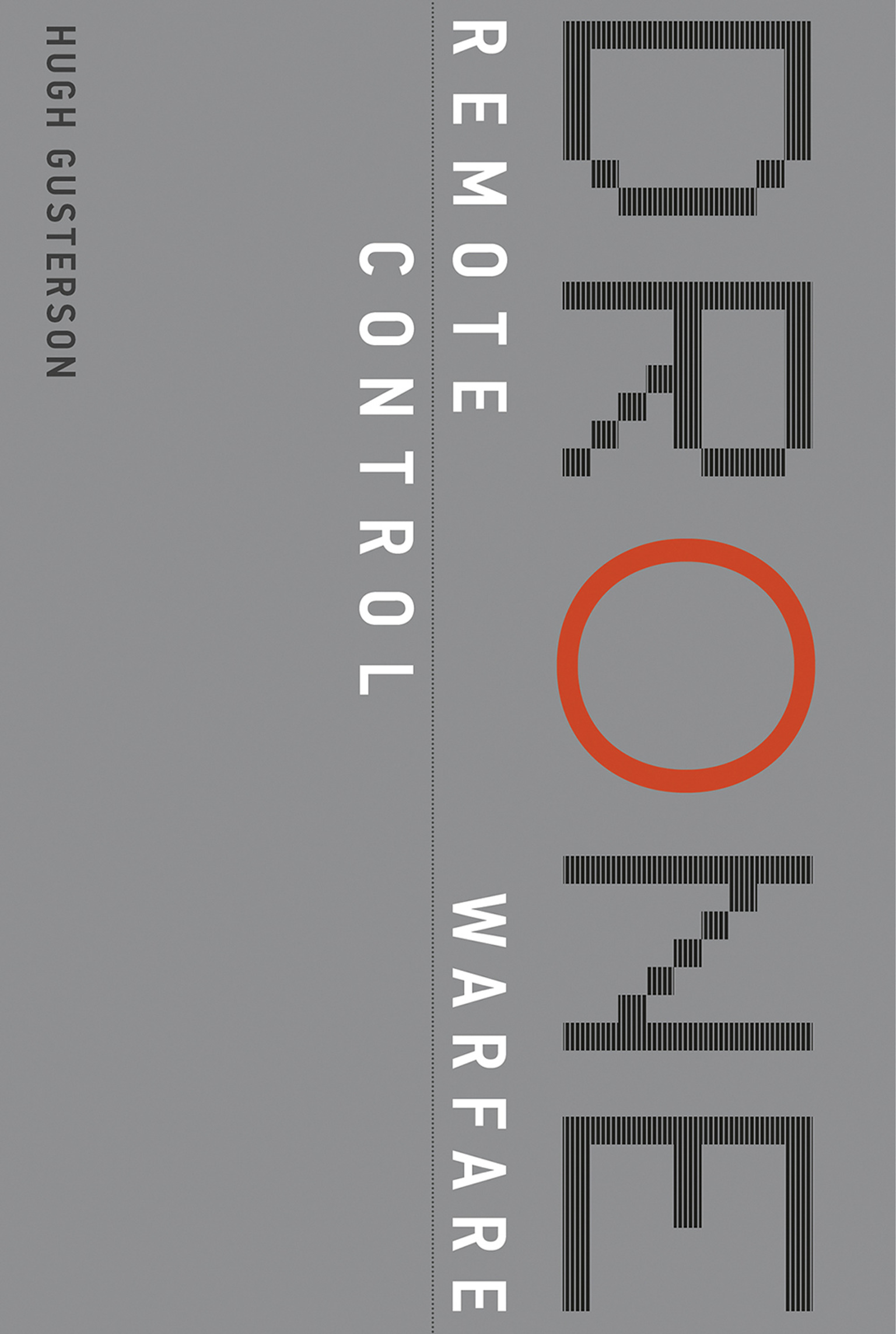
Drone Drone warfare described from the perspectives of drone operators, victims of drone attacks, anti-drone activists, international law, military thinkers, and others. "[A] thoughtful examination of the dilemmas this new weapon poses."—Foreign Affairs Drones are changing the conduct of war. Deployed at presidential discretion, they can be used in regular war zones or to kill people in such countries as Yemen and Somalia, where the United States is not officially at war. Advocates say that drones are more precise than conventional bombers, allowing warfare with minimal civilian deaths while keeping American pilots out of harm's way. Critics say that drones are cowardly and that they often kill innocent civilians while terrorizing entire villages on the ground. In this book, Hugh Gusterson explores the significance of drone warfare from multiple perspectives, drawing on accounts by drone operators, victims of drone attacks, anti-drone activists, human rights activists, international lawyers, journalists, military thinkers, and academic experts. Gusterson examines the way drone warfare has created commuter warriors and redefined the space of the battlefield. He looks at the paradoxical mix of closeness and distance involved in remote killing: is it easier than killing someone on the physical battlefield if you have to watch onscreen? He suggests a new way of understanding the debate over civilian casualties of drone attacks. He maps “ethical slippage” over time in the Obama administration's targeting practices. And he contrasts Obama administration officials' legal justification of drone attacks with arguments by international lawyers and NGOs. TECHNOLOGY & ENGINEERING,Military Science
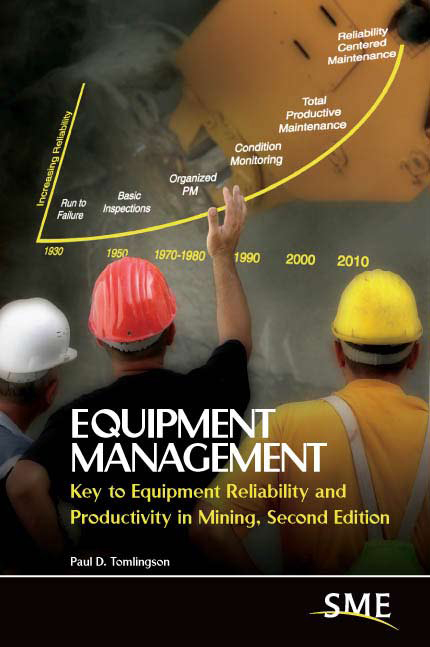
Equipment Management, Second Edition For too long, maintenance has been regarded as a necessary evil rather than a vital contributor to effective mining operations. Today’s enlightened mining managers are realizing that a new approach is urgently needed. An integrated, well-understood, companywide strategy is essential to succeed in today s fiercely competitive, high-stakes marketplace. Equipment Management: Key to Equipment Reliability and Productivity in Mining, Second Edition, explains how to make that strategy come alive. Essential reading for mining professionals, this book shows how to create an environment and a culture that allow maintenance to succeed. Author Paul D. Tomlingson draws on more than 35 years of direct, worldwide maintenance management consulting experience in the design, implementation, and evaluation of maintenance programs for heavy industry. He explains how the equipment management strategy successfully focuses the efforts of all mining departments on the essential task of delivering consistently reliable production equipment to better guarantee a profitable operation. Tomlingson offers valuable insights for developing effective preventive measures, scheduling more planned work, and improving productivity, resulting in higher quality work and less cost while reducing unnecessary downtime and avoiding the consequences of failure. TECHNOLOGY & ENGINEERING,Mining
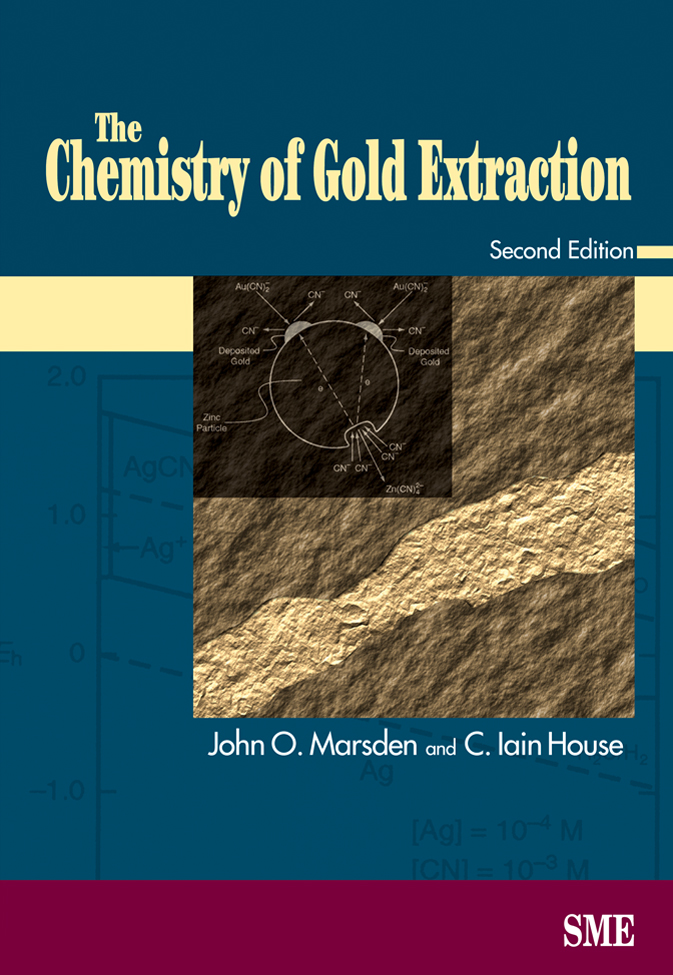
The Chemistry of Gold Extraction, Second Edition The Chemistry of Gold Extraction is an extensively revised and comprehensively updated edition of the well-known reference first published in 1992. It provides the broad base of knowledge that is now required by all those working in the gold extraction and gold processing industries. The book bridges the gap between research and industry by emphasizing the practical applications of chemical principles and techniques. The technical reference includes in-depth discussions on: Historical Developments Ore Deposits and Process Mineralogy Process Selection Principles of Gold Hydrometallurgy Oxidative Pretreatment Leaching Solution Purification and Concentration Recovery Surface Chemical Methods Refining Effluent Treatment Industrial Applications TECHNOLOGY & ENGINEERING,Mining
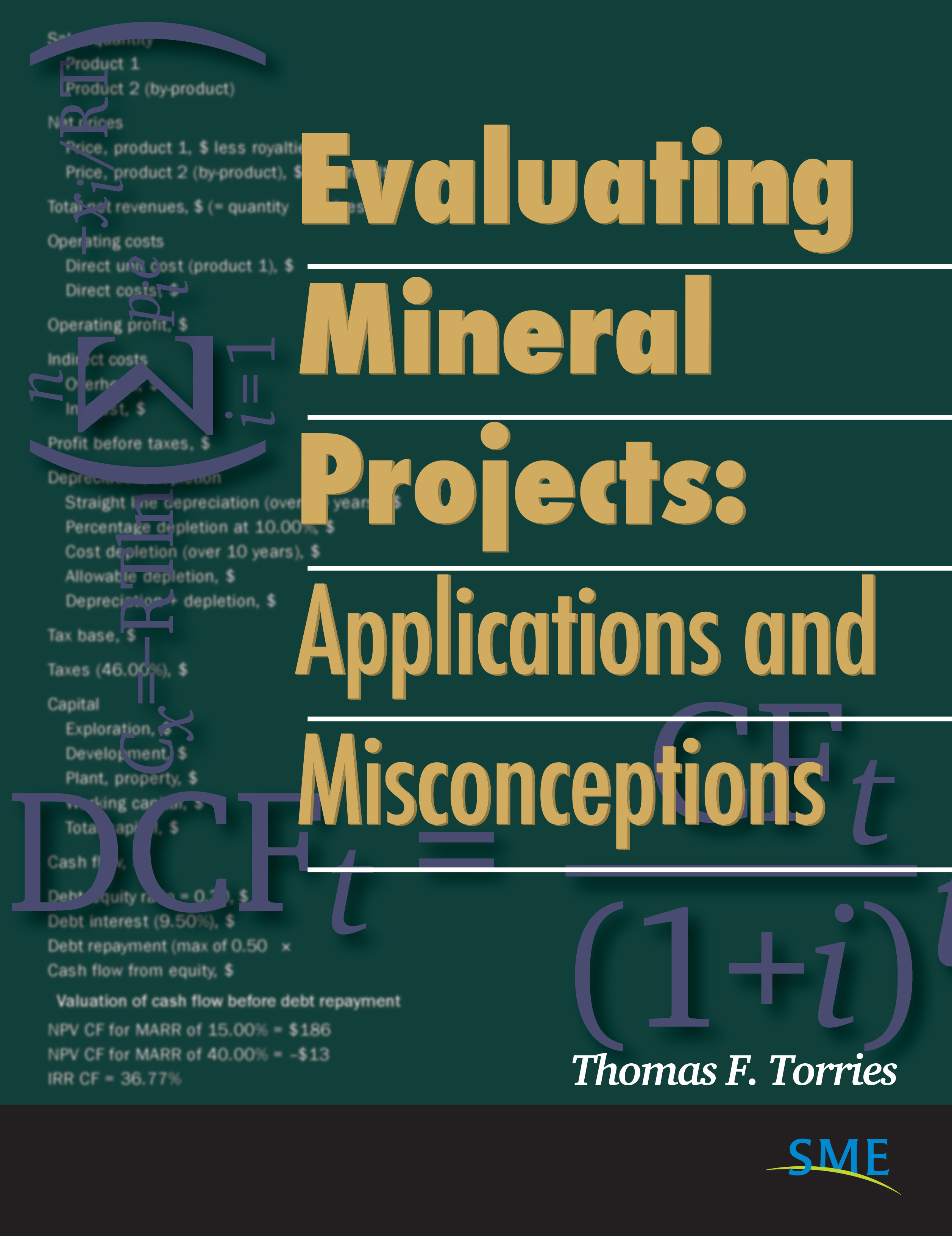
Evaluating Mineral Projects Whether you’re an experienced evaluator of mineral projects, a student, or a decision maker who is not a practitioner but must use evaluation results, this new book is an essential reference for your bookshelf. Designed to complement traditional engineering texts, this book emphasizes the concepts of mineral project evaluation rather than computational details. It describes various economic evaluation techniques typically employed (including conventional cost analysis, discounted cash flow, and option analysis), their uses, and their relationships with geological, technological, and financial evaluations. Also discussed are the strengths and weaknesses of commonly practiced evaluation methods. This book explains the practical difficulties in conducting an analysis and correctly interpreting the results, as well as the use of alternative techniques. Because many existing texts do not adequately discuss the meanings and application of merit measures, such as net present value (NPV) or internal rate of return (IRR), this book represents an exciting departure from standard reference tools. Contents include: why NPV and IRR are both valid and useful merit measures the shortcomings of conventional NPV and IRR analysis the dangers of scenario analysis why conventional incremental analysis is not needed to correctly calculate IRR why the desire to achieve NPV-consistent IRR is misleading how competitive cost analysis is conducted and used why option pricing is an important addition to the evaluation process. When used correctly, evaluation methods are powerful tools to help us understand the economics of investment projects. Don’t miss out on this new source. Contains glossary and full index. TECHNOLOGY & ENGINEERING,Mining

Principles of Mineral Processing Destined to become an industry standard, this comprehensive reference examines all aspects of minerals processing, from the handling of raw materials to separation strategies to the remediation of waste products. The book incorporates state-of-the-art developments in the fields of engineering, chemistry, computer science, and environmental science and explains how these disciplines contribute to the ultimate goal of producing minerals and metals economically from ores. With contributions from more than 20 recognized authorities, this thorough reference presents the most current thinking on the science and technology of mineral processing. The book is an indispensable textbook for students of mineral processing and hydrometallurgy, and a practical reference for seasoned industry professionals interested in improving operational efficiencies. It presents the principles that govern various unit operations in mineral processing along with examples that illustrate how these principles apply to real-world situations. Topics are arranged in the order of the typical processing sequence, including communition, separation, flotation, hydrometallurgy, and waste handling. TECHNOLOGY & ENGINEERING,Mining
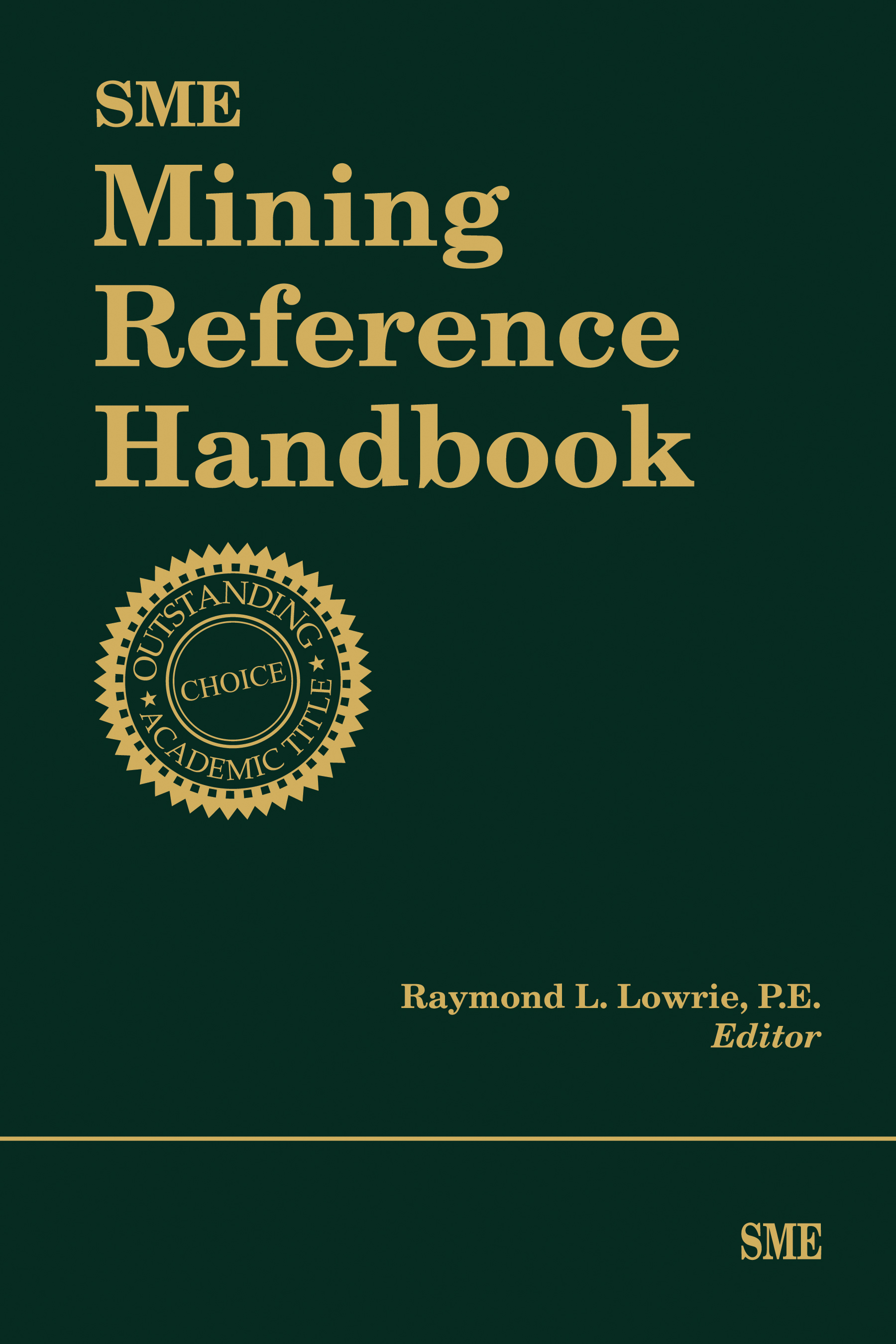
SME Mining Reference Handbook Need to recall properties of a rock or mineral on the fly? Or quickly convert to metric units in the field? When you’re on a job site, you need answers fast. But answers don’t always come easily, especially if your library of reference materials is back in the office. Engineers are often called on to answer technical questions and solve problems while in the field. It’s not always feasible to bring along the bulky reference materials needed to research engineering-related topics. Now there’s a simple solution. The SME Mining Reference Handbook is a practical field reference for mining and minerals engineers who spend time away from the office. With its comprehensive store of charts, graphs, tables, equations, and rules of thumb, the handbook is the essential technical reference for mobile mining professionals. It’s also a convenient desk reference for in-office use. To keep the handbook portable, content was carefully selected to include only the most relevant and widely used information. This distillation of vital technical data was culled from volumes of mining and engineering literature. Its compact size and durable cover make it a convenient resource, ideal for a briefcase, glove compartment, or personal bookshelf. While written as a quick reference for experienced engineers, students and government practioners will also find it useful. TECHNOLOGY & ENGINEERING,Mining
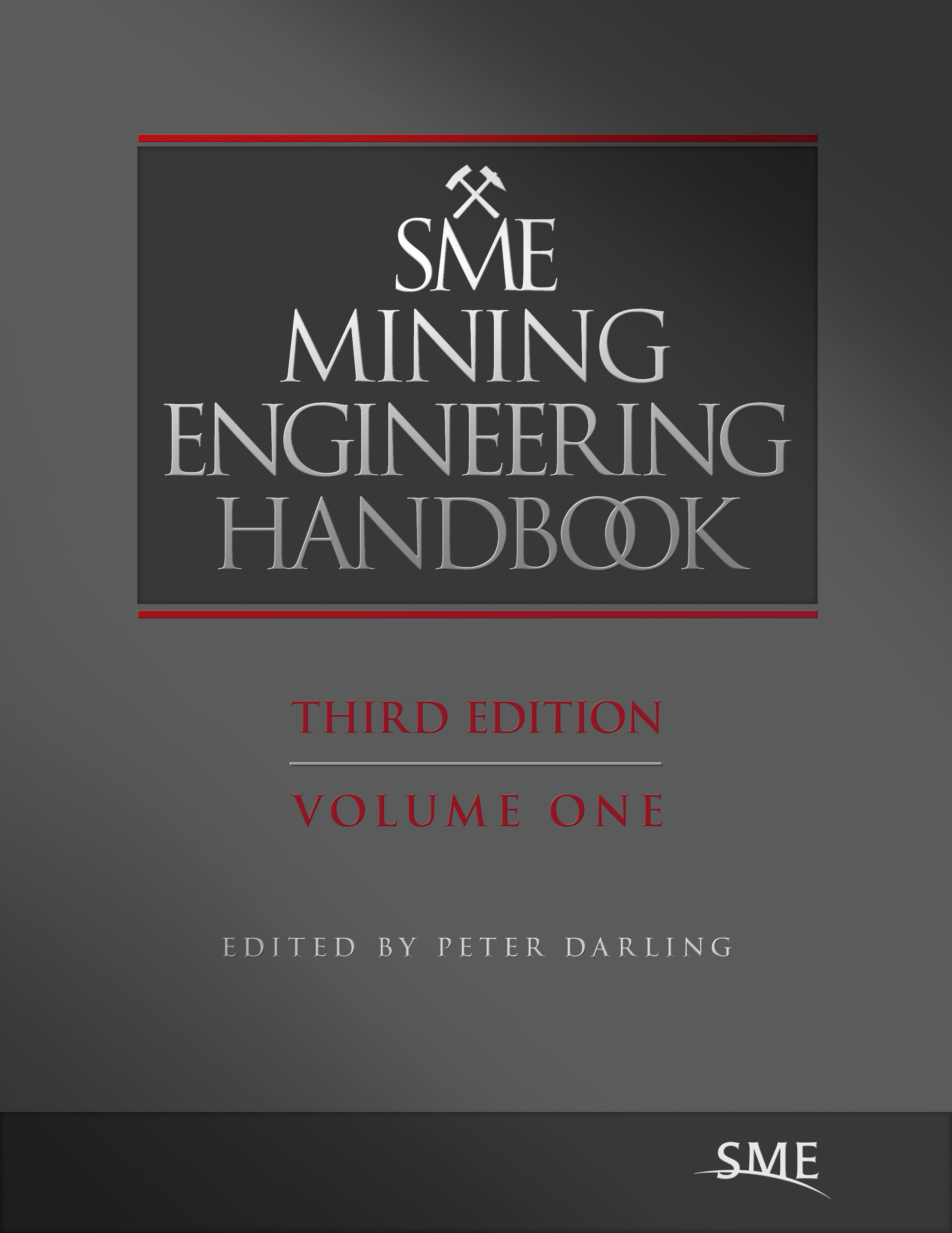
SME Mining Engineering Handbook, Third Edition This third edition of the SME Mining Engineering Handbook reaffirms its international reputation as “the handbook of choice” for today’s practicing mining engineer. It distills the body of knowledge that characterizes mining engineering as a disciplinary field and has subsequently helped to inspire and inform generations of mining professionals. Virtually all of the information is original content, representing the latest information from more than 250 internationally recognized mining industry experts. Within the handbook’s 115 thought-provoking chapters are current topics relevant to today’s mining professional: Analyzing how the mining and minerals industry will develop over the medium and long term—why such changes are inevitable, what this will mean in terms of challenges, and how they could be managed Explaining the mechanics associated with the multifaceted world of mine and mineral economics, from the decisions associated with how best to finance a single piece of high-value equipment to the long-term cash-flow issues associated with mine planning at a mature operation Describing the recent and ongoing technical initiatives and engineering developments in relation to robotics, automation, acid rock drainage, block caving optimization, or process dewatering methods Examining in detail the methods and equipment available to achieve efficient, predictable, and safe rock breaking Identifying the salient points that dictate which is the safest, most efficient, and most versatile extraction method to employ, as well as describing in detail how each alternative is engineered Discussing the impacts that social and environmental issues have on mining from the pre-exploration phase to end-of-mine issues and beyond, and how to manage these two increasingly important factors to the benefit of both the mining companies and other stakeholders TECHNOLOGY & ENGINEERING,Mining
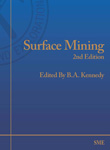
Surface Mining, 2nd Edition This SME classic is both a reference book for the working engineer and a textbook for the mining student. This hardcover edition gives a brief history of surface mining and a general overview of the state of surface mining today—topics range from production and productivity to technological developments and trends in equipment. This extremely useful text takes the approach that exploration and mining geologists must be expert in a number of fields, including basic finance and economics, logistics, and pragmatic prospecting. Readers will find material on all these topics and more. The book’s nine chapters include: Introduction, Exploration and Geology Techniques, Ore Reserve Estimation, Feasibility Studies and Project Financing, Planning and Design of Surface Mines, Mine Operations, Mine Capital and Operating Costs, Management and Organization, and Case Studies. The book is fully indexed. TECHNOLOGY & ENGINEERING,Mining
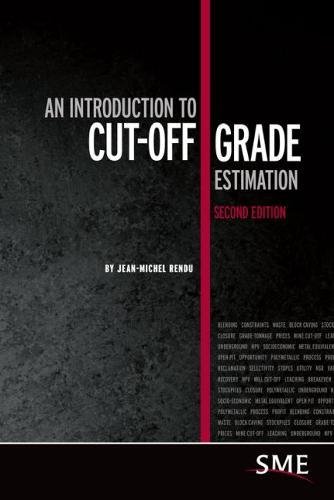
An Introduction to Cut-Off Grade Estimation, Second Edition An Introduction to Cut-off Grade Estimation examines one of the most important calculations in the mining industry. Cut-off grades are essential to determining the economic feasibility and mine life of a project. Profitability and socioeconomic impact of mining operations are influenced by the choice of cut-off grades. Cut-off grades play a key role in estimating mineral reserves that can be publicly reported. This new edition is easier to read and of greater practical interest to practitioners. The relationship between optimization of net present value, capacity constraints, and opportunity cost is explained in greater detail. A new section discusses blending strategies, which play a critical role in an increasing number of mining operations. Author Jean-Michel Rendu, an internationally recognized expert in the management, estimation, and public reporting of mineral resources, provides practical insights. As a manager in major mining companies, a consultant, and an educator, Rendu has acquired considerable experience in all aspects of mining engineering, experience that was incorporated into this publication. This is a must-read for mine managers, analysts, geologists, mining engineers, and public policymakers who want to stay on the leading edge of their profession. TECHNOLOGY & ENGINEERING,Mining
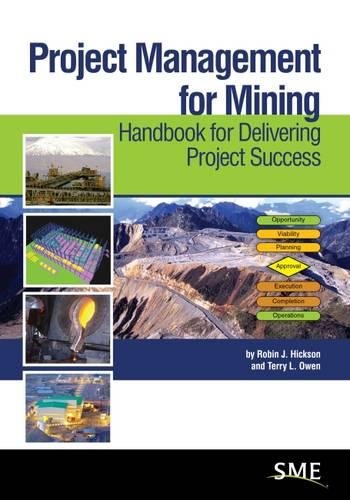
Project Management for Mining Before You Ever Put the First Shovel in the Ground--This Book Could Be the Difference Between a Successful Mining Operation and a Money Pit Opening a successful new mine is a vastly complex undertaking entailing several years and millions to billions of dollars. In today's world, when environmental and labor policies, regulatory compliance, and impact on the community must be factored in, you cannot afford to make a mistake. So the Society for Mining, Metallurgy & Exploration has created this road map for you. Written by two hands-on, in-the-trenches mining project managers with decades of experience who bring some of the world's most successful, profitable mines into operation on time, within budget, and ethically, Project Management for Mining gives you step-by-step instructions in every process you are likely to encounter. Beginning with a discussion of mining ethics and governance, this clearly written handbook walks you through all the project management steps--defining the scope, performing prefeasibility and feasibility studies, gaining societal acceptance, minimizing the impact and risks, creating workable schedules and budgets, setting in place the project execution plan, assembling the human resources, hiring the contractors, and establishing project controls--and then on into the delivery of the engineering and design, construction, progress reviews, pre-launch commissioning, and ramping up for operation. Each chapter includes several useful aids such as figures, checklists, and flowcharts to guide you through every step, from conception through successful opening. TECHNOLOGY & ENGINEERING,Mining
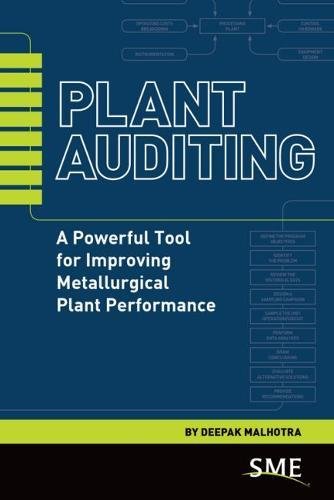
Plant Auditing Improve Your Operations Through Plant Auditing The word audit brings discomfort to many mine managers and owners. Images of government officials poring over every decimal point, looking for "gotchas" with serious consequences, naturally rise to the surface. But this book shows you how to turn the audit into something positive, desirable, and profitable. When you hire the right audit team and put its recommendations into practice, you can lower costs, increase revenues, and boost profits. In some cases, you can add millions of dollars directly to the bottom line. Plant Auditing is the first book ever written to show you how to get maximum benefit out of an audit. This comprehensive guide is easy to follow with numerous charts and checklists. It walks you through the complexities of setting up the right kind of audit, the type that will provide you with actionable steps to profitable outcomes. Also included are 20 case studies illustrating real-life problems typically encountered at plants that can be resolved through the audit procedures described in this book. Among many other things, you'll learn how to: Establish the scope of both general audits and those designed to enhance performance of specific processes Follow a template for successful audition Set priorities based on multiple factors Understand--and overcome--resistance points based in cultural or personality differences Make sure everything important is addressed during an audit Turn the audit findings into action steps that cut costs and add revenue TECHNOLOGY & ENGINEERING,Mining
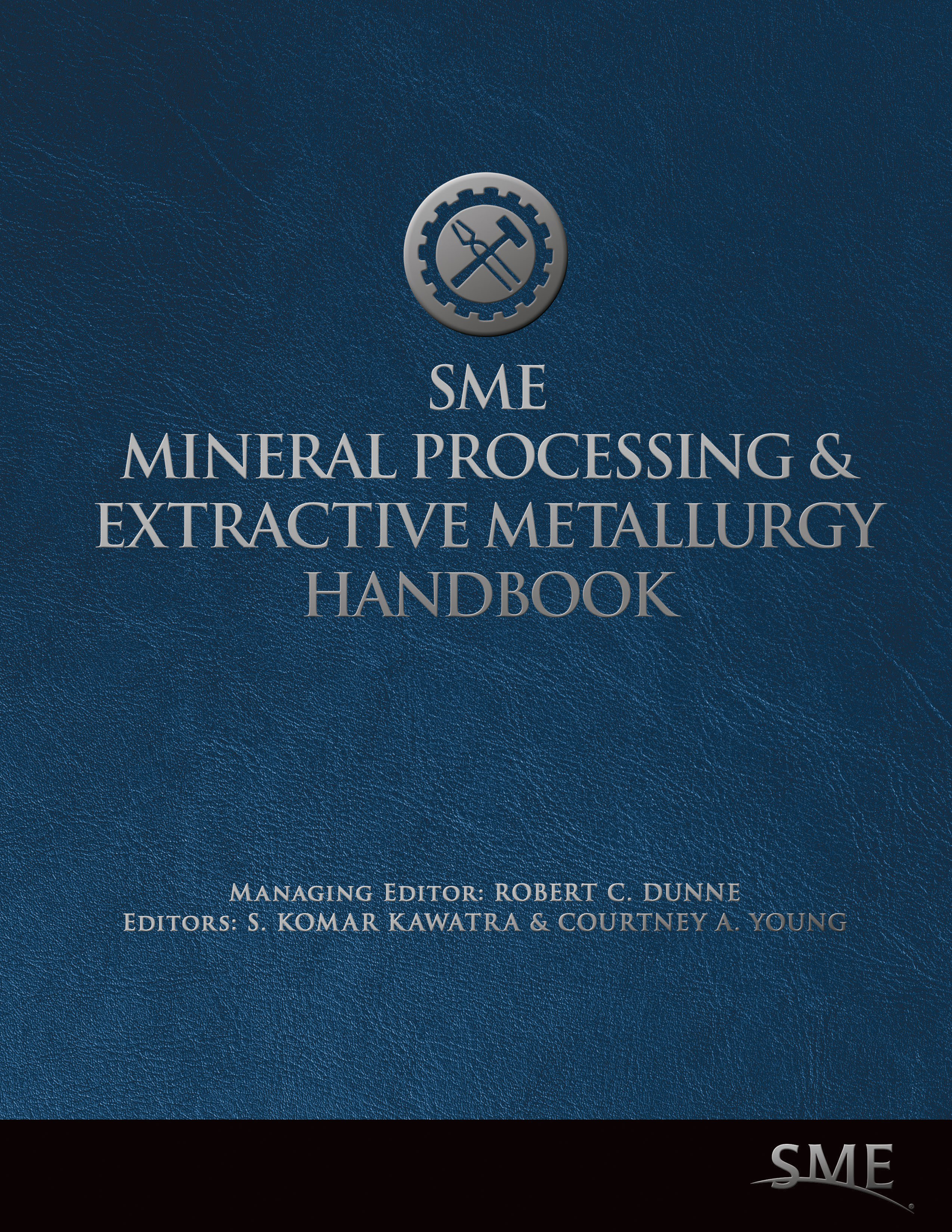
SME Mineral Processing and Extractive Metallurgy Handbook This landmark publication distills the body of knowledge that characterizes mineral processing and extractive metallurgy as disciplinary fields. It will inspire and inform current and future generations of minerals and metallurgy professionals. Mineral processing and extractive metallurgy are atypical disciplines, requiring a combination of knowledge, experience, and art. Investing in this trove of valuable information is a must for all those involved in the industry—students, engineers, mill managers, and operators. More than 192 internationally recognized experts have contributed to the handbook’s 128 thought-provoking chapters that examine nearly every aspect of mineral processing and extractive metallurgy. This inclusive reference addresses the magnitude of traditional industry topics and also addresses the new technologies and important cultural and social issues that are important today. Contents Mineral Characterization and Analysis Management and Reporting Comminution Classification and Washing Transport and Storage Physical Separations Flotation Solid and Liquid Separation Disposal Hydrometallurgy Pyrometallurgy Processing of Selected Metals, Minerals, and Materials TECHNOLOGY & ENGINEERING,Mining
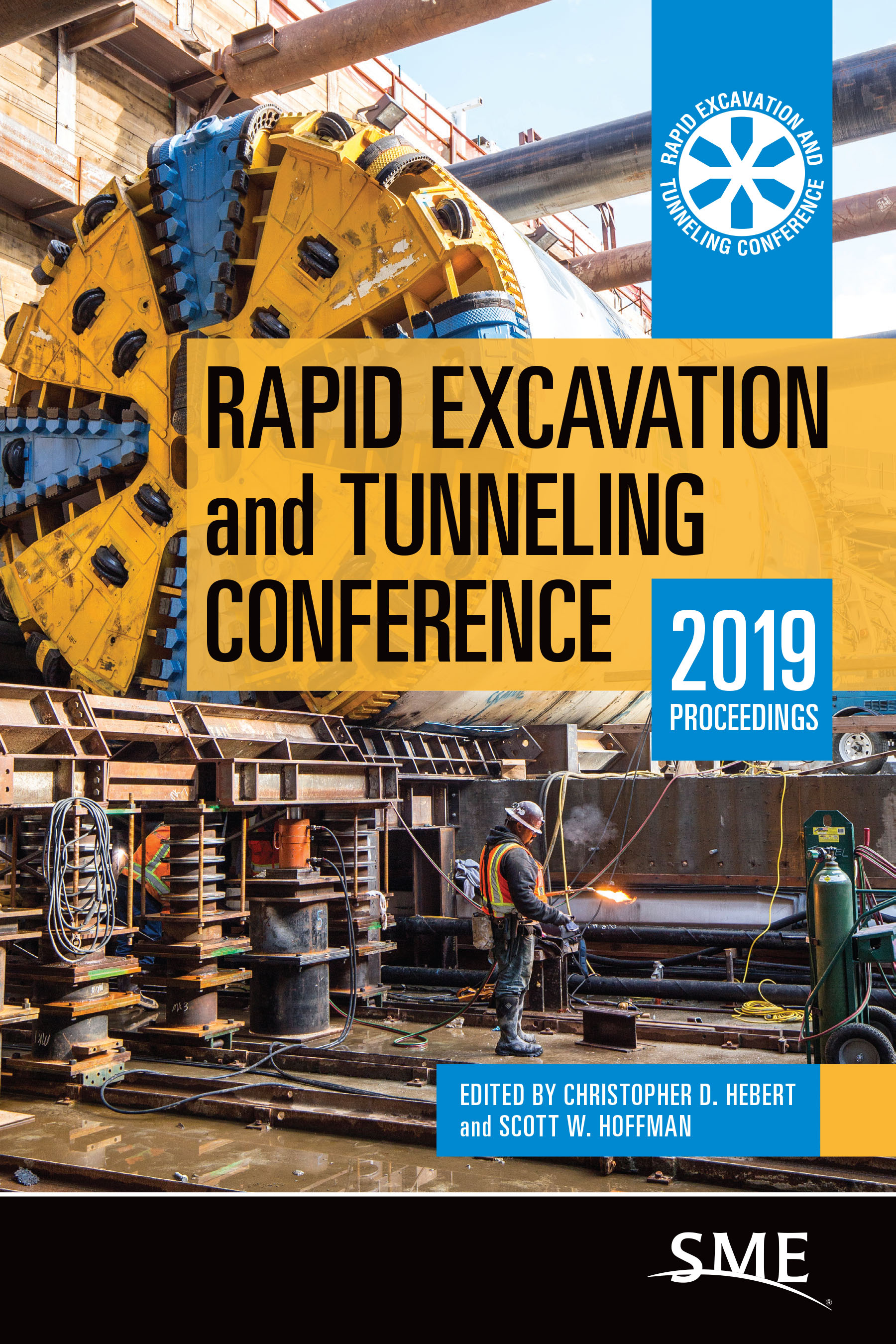
Rapid Excavation and Tunneling Conference Share our experiences, our successes and failures, and our ideas and dreams, all with the goal of getting better at the work we love: building tunnels. Every two years, industry leaders and practitioners from around the world gather at the Rapid Excavation and Tunneling Conference (RETC), the authoritative program for the tunneling profession, to learn about the most recent advances and breakthroughs in this unique field. The information presented helps professionals keep pace with the ever-changing and growing tunneling industry. This book includes the full text of 111 papers presented at the 2019 conference covering such topics as contracting practices, design and planning, geotechnical considerations, hard-rock tunnel boring machines, new and innovative technologies, pressure-face TBM case histories, and tunneling for sustainability. The papers will inform, challenge, and stimulate each reader. TECHNOLOGY & ENGINEERING,Mining
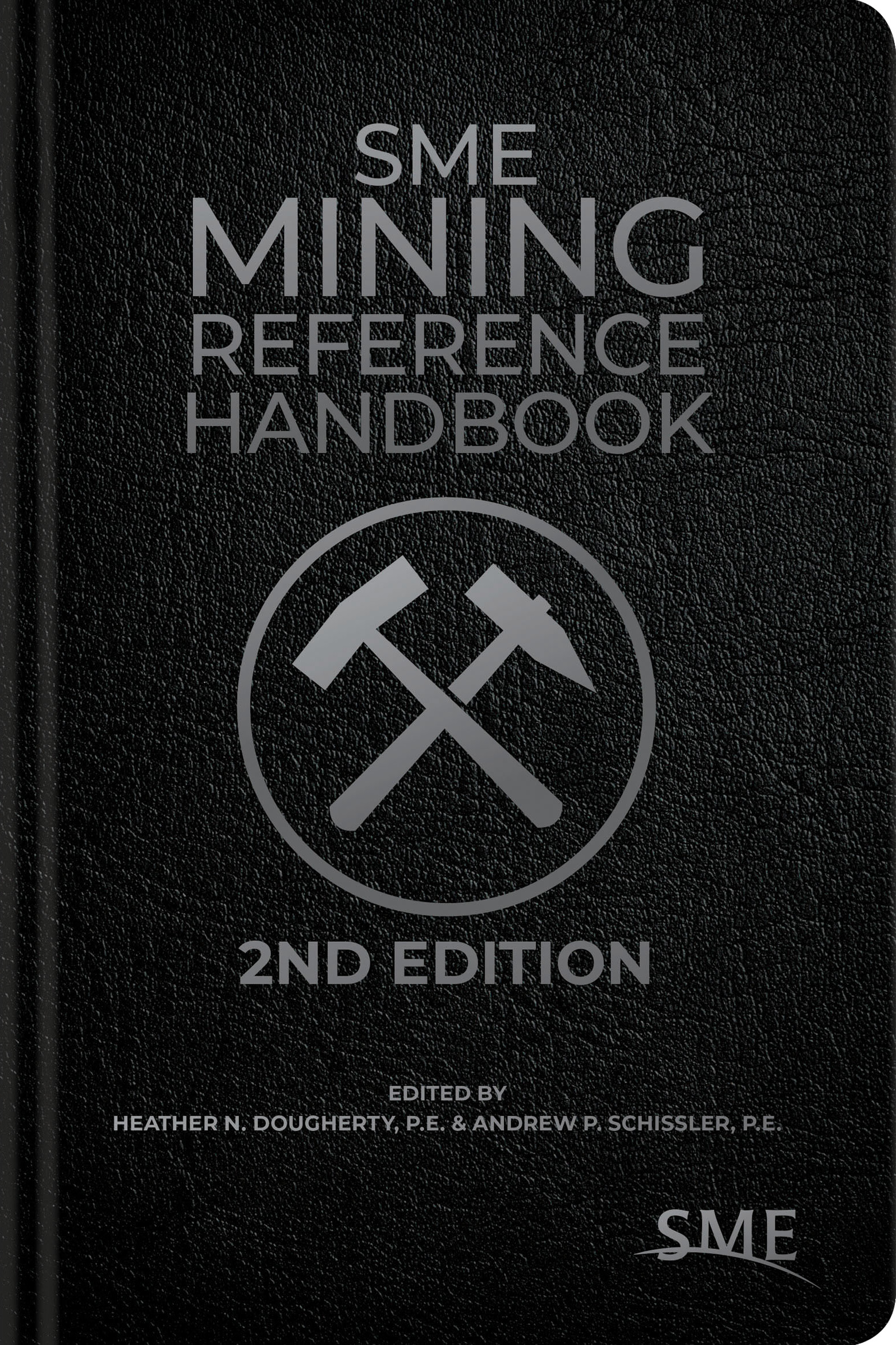
SME Mining Reference Handbook, 2nd Edition The SME Mining Reference Handbook, 2nd Edition builds on its predecessor with an enhanced presentation, new and updated information represented in a concise, well-organized guide of important data for everyday use by engineers and other professionals engaged in mining, exploration, mineral processing, and environmental compliance and reclamation. TECHNOLOGY & ENGINEERING,Mining
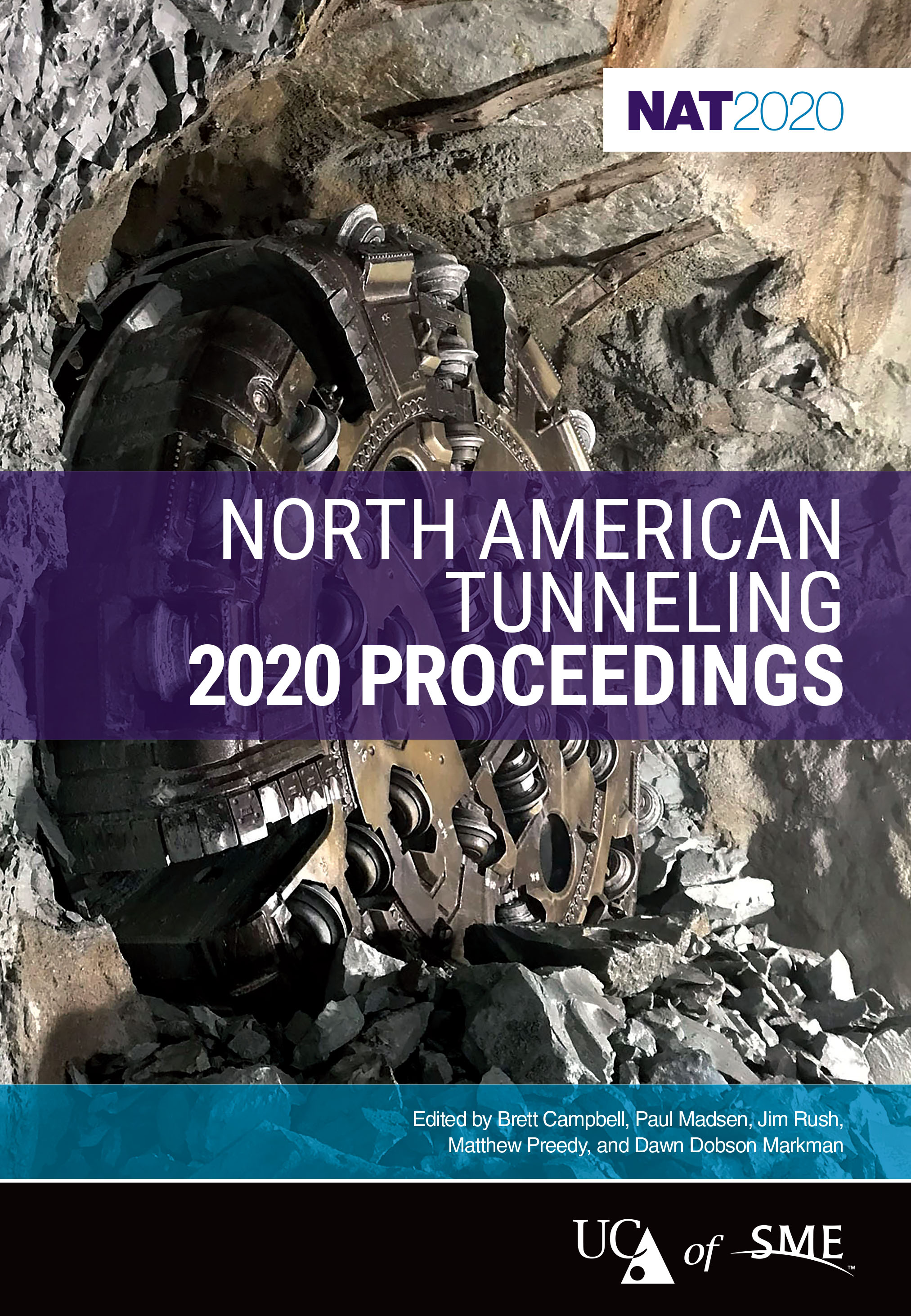
North American Tunneling 2020 Proceedings Your timely source for more cost-effective and less disruptive solutions to your underground infrastructure needs. Because of the COVID-19 pandemic, NAT 2020 has been canceled to ensure the safety and well-being of our industry professionals. However, to continue the intent of our conference and proceedings, the proceedings are being made available electronically, and a few papers will be presented utilizing a virtual format. This year’s proceedings deliver the knowledge and technical detail you are in search of. Crafted from a collection of 87 papers written by experts and leaders in the industry who share their expertise, real-world applications, and “lessons learned†from around the globe, this book takes you deep inside today’s projects. It includes challenging design issues, fresh approach on performance, future projects, and industry trends as well as ground movement and support, structure analysis, risk and cost management, rock tunnels, caverns and shafts, TBM technology, and water and wastewater conveyance. The overarching goal is to enhance and improve future industrial underground projects, and successes, using applicable information presented within these published proceedings. TECHNOLOGY & ENGINEERING,Mining
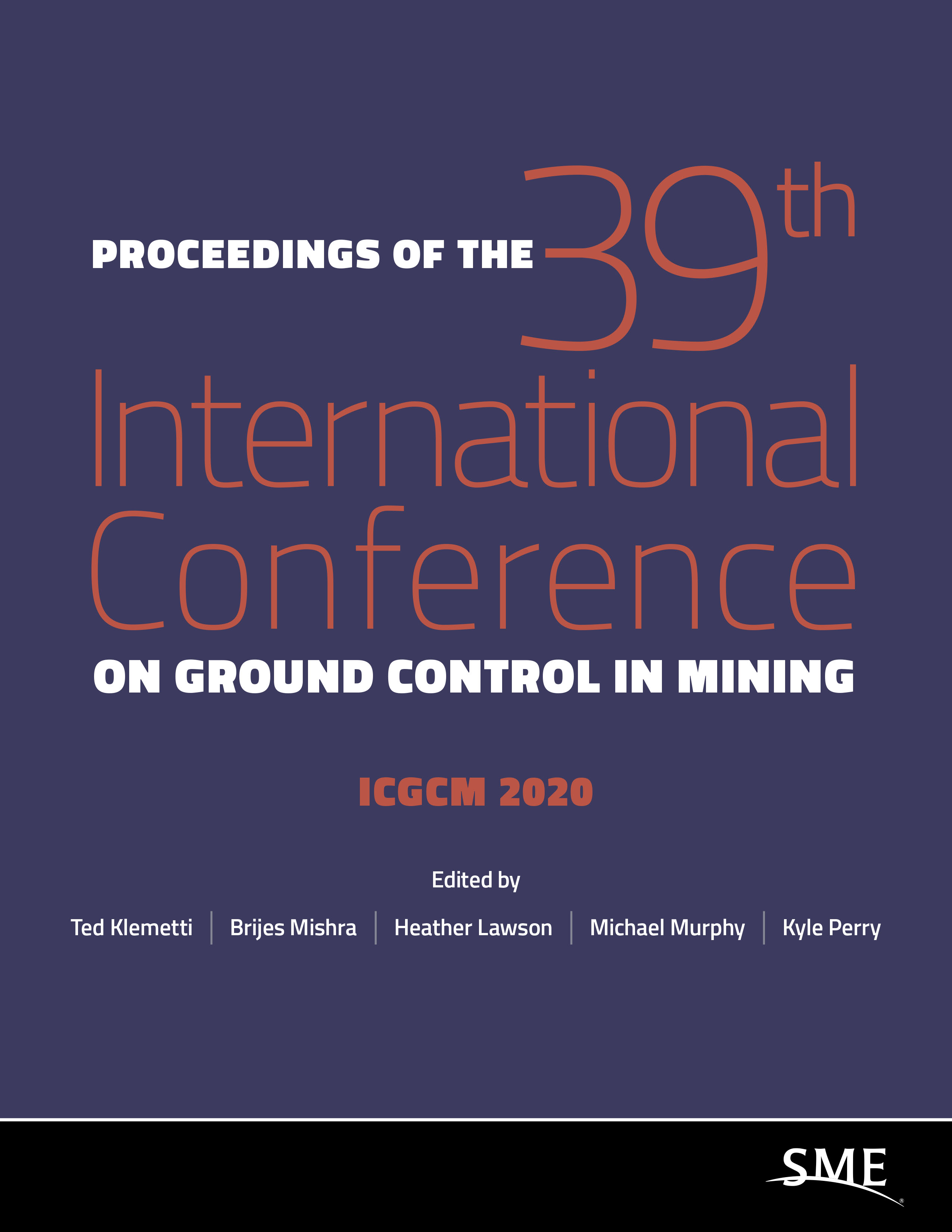
Proceedings of the 39th International Conference on Ground Control in Mining Read what industry thought leaders are saying about research and advancements in ground control science. The International Conference on Ground Control in Mining (ICGCM) has a rich history in advancing ground control techniques and knowledge. It provides a unique platform for researchers, regulators, consultants, manufacturers, and mine operators to present and exchange challenging industry topics as well as to expedite solutions to ground control problems that require immediate attention. This proceedings from the 39th International Conference is no exception. It includes 37 peer-reviewed research papers from industry experts covering topics of importance for today and in the future. TECHNOLOGY & ENGINEERING,Mining

Resource Allocation in Uplink OFDMA Wireless Systems Tackling problems from the least complicated to the most, Resource Allocation in Uplink OFDMA Wireless Systems provides readers with a comprehensive look at resource allocation and scheduling techniques (for both single and multi-cell deployments) in uplink OFDMA wireless networks—relying on convex optimization and game theory to thoroughly analyze performance. Inside, readers will find topics and discussions on: Formulating and solving the uplink ergodic sum-rate maximization problem Proposing suboptimal algorithms that achieve a close performance to the optimal case at a considerably reduced complexity and lead to fairness when the appropriate utility is used Investigating the performance and extensions of the proposed suboptimal algorithms in a distributed base station scenario Studying distributed resource allocation where users take part in the scheduling process, and considering scenarios with and without user collaboration Formulating the sum-rate maximization problem in a multi-cell scenario, and proposing efficient centralized and distributed algorithms for intercell interference mitigation Discussing the applicability of the proposed techniques to state-of-the-art wireless technologies, LTE and WiMAX, and proposing relevant extensions Along with schematics and figures featuring simulation results, Resource Allocation in Uplink OFDMA Wireless Systems is a valuable book for?wireless communications and cellular systems professionals and students. TECHNOLOGY & ENGINEERING,Mobile & Wireless Communications
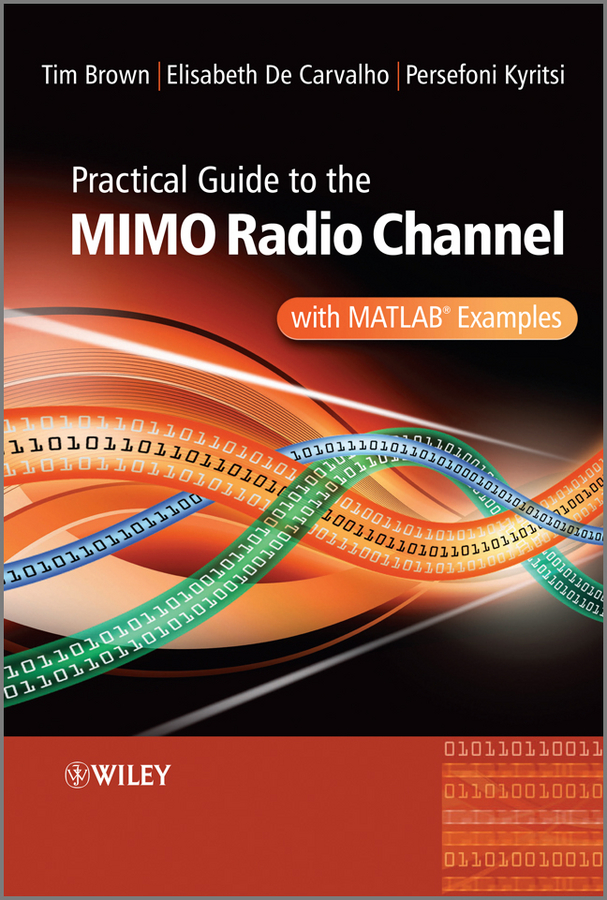
Practical Guide to MIMO Radio Channel This book provides an excellent reference to the MIMO radio channel In this book, the authors introduce the concept of the Multiple Input Multiple Output (MIMO) radio channel, which is an intelligent communication method based upon using multiple antennas. Moreover, the authors provide a summary of the current channel modeling approaches used by industry, academia, and standardisation bodies. Furthermore, the book is structured to allow the reader to easily progress through the chapters in order to gain an understanding of the fundamental and mathematical principles behind MIMO. It also provides examples (i.e. Kroenecker model, Weicheselberger model, geometric and deterministic models, and ray tracing), system scenarios, trade-offs, and visual explanations. The authors explain and demonstrate the use and application of these models at system level. Key Features: Provides a summary of the current channel modeling approaches used by industry, academia and standardisation bodies Contains experimental and measurement based results Provides a comprehensive down to earth approach with concise and visual explanations of MIMO Radio Channel Covers a variety of system scenarios and explains the trade-offs involved in each Accompanying website containing MATLAB code and solutions to related problems http://www.tim.brown76.name/MIMObook) Practical Guide to the MIMO Radio Channel with MATLAB examples is an invaluable reference for R&D engineers and professionals in industry requiring familiarisation with the concept, and engineers entering the field or working in related fields seeking an introduction to the topic. Postgraduate and graduate students will also find this book of interest. TECHNOLOGY & ENGINEERING,Mobile & Wireless Communications
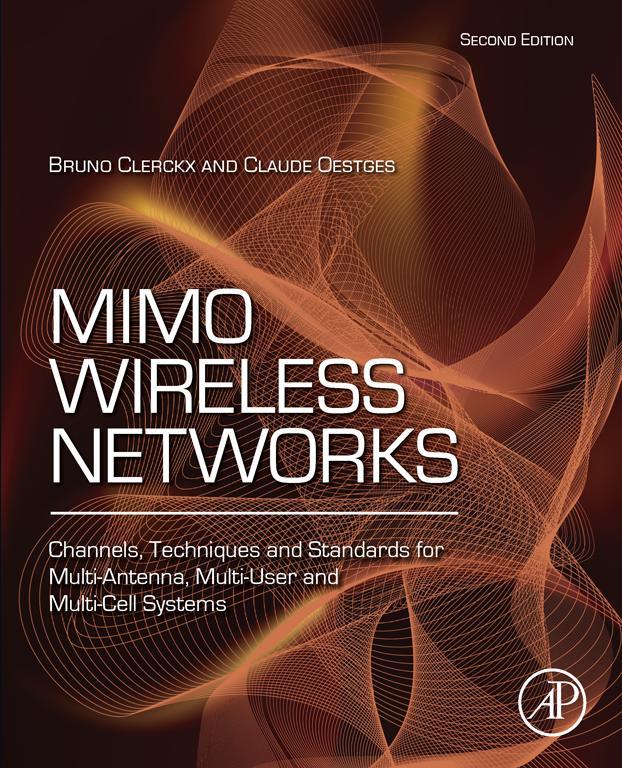
MIMO Wireless Networks This book is unique in presenting channels, techniques and standards for the next generation of MIMO wireless networks. Through a unified framework, it emphasizes how propagation mechanisms impact the system performance under realistic power constraints. Combining a solid mathematical analysis with a physical and intuitive approach to space-time signal processing, the book progressively derives innovative designs for space-time coding and precoding as well as multi-user and multi-cell techniques, taking into consideration that MIMO channels are often far from ideal. Reflecting developments since the first edition was published, this book has been thoroughly revised, and now includes new sections and five new chapters, respectively dealing with receiver design, multi-user MIMO, multi-cell MIMO, MIMO implementation in standards, and MIMO system-level evaluation. Extended introduction to multi-dimensional propagation, including polarization aspects Detailed and comparative description of physical models and analytical representations of single- and multi-link MIMO channels, covering the latest standardized models Thorough overview of space-time coding techniques, covering both classical and more recent schemes under information theory and error probability perspectives Intuitive illustration of how real-world propagation affects the capacity and the error performance of MIMO transmission schemes Detailed information theoretic analysis of multiple access, broadcast and interference channels In-depth presentation of multi-user diversity, resource allocation and (non-)linear MU-MIMO precoding techniques with perfect and imperfect channel knowledge Extensive coverage of cooperative multi-cell MIMO-OFDMA networks, including network resource allocation optimization, coordinated scheduling, beamforming and power control, interference alignment, joint processing, massive and network MIMO Applications of MIMO and Coordinated Multi-Point (CoMP) in LTE, LTE-A and WiMAX Theoretical derivations and results contrasted with practical system level evaluations highlighting the performance of single- and multi-cell MIMO techniques in realistic deployments TECHNOLOGY & ENGINEERING,Mobile & Wireless Communications

Radio Receiver Technology Written by an expert in the field, this book covers the principles, architectures, applications, specifications and characterizations of radio receivers In this book, the author introduces the reader to the basic principles and theories of present-day communications receiver technology. The first section of the book presents realization concepts at the system level, taking into consideration the various types of users. Details of the circuitry are described providing the reader with an understanding of fully digitized radio receivers, offering an insight into the state-of-the-art. The remaining sections address radio receivers, particularly as two-port devices. Furthermore, the author outlines the fields of applications (with sample calculations and with reference to practical work) and their features and considers also the specialty of high-quality radio receivers. As can be seen from the multitude of terrestrial applications described in Part II, they are typically used for radio surveillance, signal intelligence, modern radio bearing and at the classical radio services. Parts III and IV describe the entire range of parameters that are useful for the characterization of these receivers. The description starts from the physical effect, or the explanation of the individual parameter, and then proceeds to the measuring technique for determining the parameters, highlighting problems, followed by explanatory notes with applicatory relevance. The measuring procedures described are the result of experiences gained in extended laboratory work and practical testing. With the model shown in Part IV, used for the operational evaluation detailing the intrinsic small range of interpretation, the book covers untreated research in the field. The Appendix provides among others valuable information about the dimensioning of receiving systems and the mathematical derivation of non-linear effects and as well as a useful method for converting different level specifications. Key Features: Introduces the basic principles and theories of present-day technology Discusses concepts at system level (aligned to the various types of users) Addresses (fully) digitized radio receivers focusing on the state-of-the-art Close contacts to the industry were utilized to show background information Enables the reader to comprehend and evaluate the characteristic features and the performance of such systems Examines the entire range of parameters that are characteristic of the technology including the physical effect and measuring techniques Includes results of experiences gained in extended laboratory work and practical testing with examples Provides a uniform and systematic approach for ease of understanding e.g. many didactic figures for the visual illustration have been newly created as well as complete real-world examples This book will be an excellent resource to understand the principles of work, for professionals developing and testing radio receivers, for receiver users (e.g. at regulatory agencies, surveillance centers, secret services, classical radio communications services), technicians, engineers and technicians who work with RF-measurement instruments, postgraduate students studying in the field and university lecturers. Chartered radio amateurs and handlers/operators will also find this book insightful. Due to high level of detail, it also serves as a reference. By using the carefully edited alphabetical index with over 1,200 entries, the appropriate explanations can be found quickly in the text. TECHNOLOGY & ENGINEERING,Mobile & Wireless Communications

From GSM to LTE-Advanced This revised edition of Communication Systems from GSM to LTE: An Introduction to Mobile Networks and Mobile Broadband Second Edition (Wiley 2010) contains not only a technical description of the different wireless systems available today, but also explains the rationale behind the different mechanisms and implementations; not only the ‘how’ but also the ‘why’. In this way, the advantages and also limitations of each technology become apparent. Offering a solid introduction to major global wireless standards and comparisons of the different wireless technologies and their applications, this edition has been updated to provide the latest directions and activities in 3GPP standardization up to Release 12, and importantly includes a new chapter on Voice over LTE (VoLTE). There are new sections on Building Blocks of a Voice Centric Device, Building Blocks of a Smart Phone, Fast Dormancy, IMS and High-Speed Downlink Packet Access, and Wi-Fi-Protected Setup. Other sections have been considerably updated in places reflecting the current state of the technology. • Describes the different systems based on the standards, their practical implementation and design assumptions, and the performance and capacity of each system in practice is analyzed and explained • Questions at the end of each chapter and answers on the accompanying website make this book ideal for self-study or as course material TECHNOLOGY & ENGINEERING,Mobile & Wireless Communications
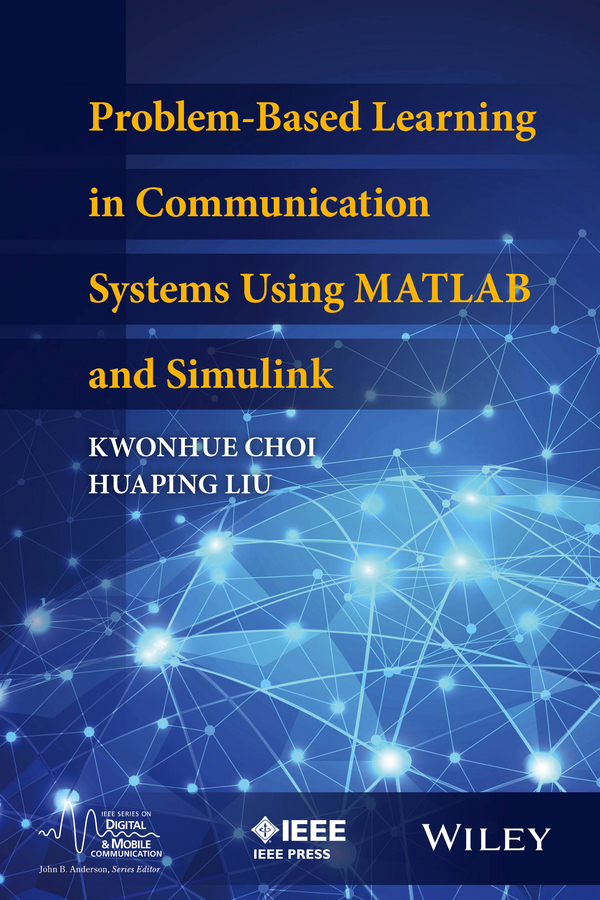
Problem-Based Learning in Communication Systems Using MATLAB and Simulink Designed to help teach and understand communication systems using a classroom-tested, active learning approach. Discusses communication concepts and algorithms, which are explained using simulation projects, accompanied by MATLAB and Simulink Provides step-by-step code exercises and instructions to implement execution sequences Includes a companion website that has MATLAB and Simulink model samples and templates (password: matlab) TECHNOLOGY & ENGINEERING,Mobile & Wireless Communications
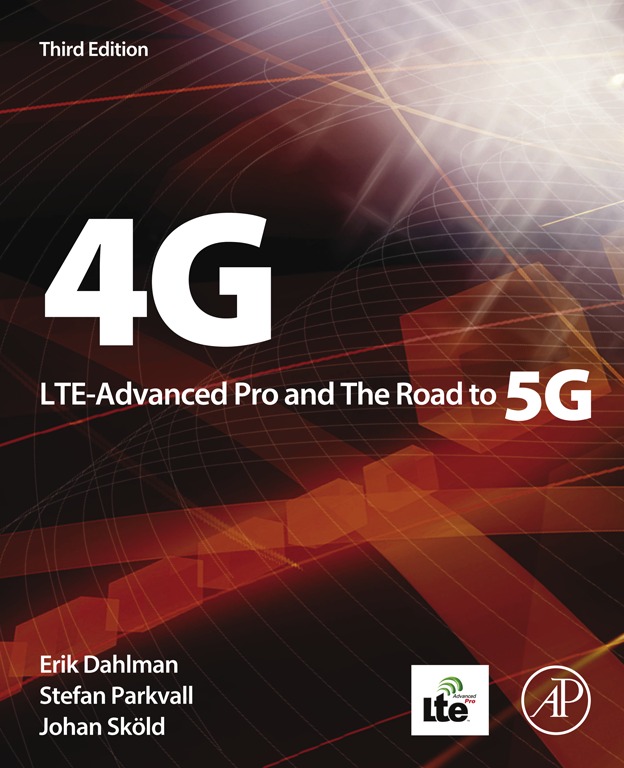
4G, LTE-Advanced Pro and The Road to 5G The upcoming 5G specifications from 3GPP, to be available in 2018, will include LTE-Advanced Pro as well as a new 5G radio-access technology. This practical and very successful book, written by engineers working closely with 3GPP, gives insight into the newest technologies and standards adopted by 3GPP, with detailed explanations of the specific solutions chosen and their implementation in LTE, LTE-Advanced, and LTE-Advanced Pro, as well as providing a detailed description of the path to 5G and the associated underlying technologies. This edition has been thoroughly revised and updated to reflect the large extensions to LTE as introduced in 3GPP Releases 12 and 13 and the role of LTE in the upcoming 5G era. New to this edition includes updated content on: 4G and 5G Radio Access Spectrum for 4G and 5G Machine-Type Communication Device-to-Device Communication License-assisted Access Full-dimension MIMO Small-cell enhancements, eIMTA, FDD+TDD aggregation, dual connectivity Requirements on and general structure of 5G wireless access, addressing the existing and new usage scenarios for 5G Technical solutions for the new 5G radio-access technology The authors of this book all work at Ericsson Research and have been deeply involved in 3G and 4G development and standardization. They are leading experts in the field and are today actively contributing to the standardization of 4G and 5G within 3GPP. The leading book on 3GPP specifications for LTE, LTE-Advanced, and LTE-Advanced Pro covering up to and including Release 13, written by Ericsson engineers who are heavily involved in the development of 3GPP specifications Ten new chapters and coverage of all major features introduced with Release 12 and 13 Two completely new chapters on 5G wireless access including a detailed description of the key technology components under development by 3GPP TECHNOLOGY & ENGINEERING,Mobile & Wireless Communications
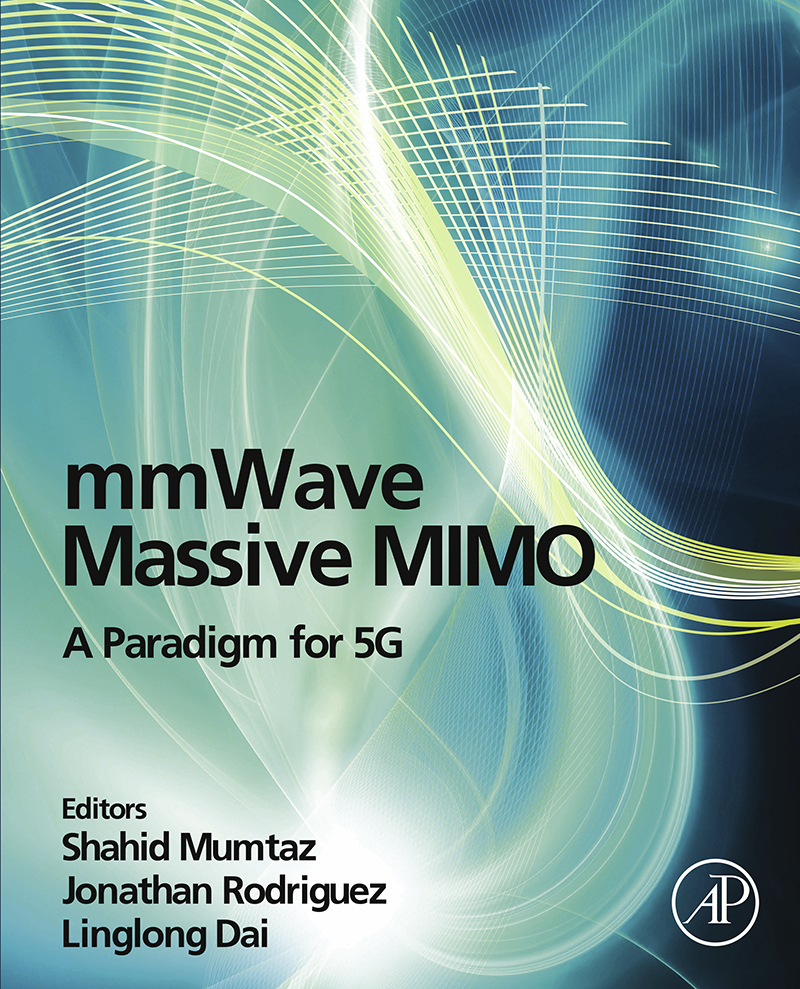
mmWave Massive MIMO mmWave Massive MIMO: A Paradigm for 5G is the first book of its kind to hinge together related discussions on mmWave and Massive MIMO under the umbrella of 5G networks. New networking scenarios are identified, along with fundamental design requirements for mmWave Massive MIMO networks from an architectural and practical perspective. Working towards final deployment, this book updates the research community on the current mmWave Massive MIMO roadmap, taking into account the future emerging technologies emanating from 3GPP/IEEE. The book's editors draw on their vast experience in international research on the forefront of the mmWave Massive MIMO research arena and standardization. This book aims to talk openly about the topic, and will serve as a useful reference not only for postgraduates students to learn more on this evolving field, but also as inspiration for mobile communication researchers who want to make further innovative strides in the field to mark their legacy in the 5G arena. Contains tutorials on the basics of mmWave and Massive MIMO Identifies new 5G networking scenarios, along with design requirements from an architectural and practical perspective Details the latest updates on the evolution of the mmWave Massive MIMO roadmap, considering future emerging technologies emanating from 3GPP/IEEE Includes contributions from leading experts in the field in modeling and prototype design for mmWave Massive MIMO design Presents an ideal reference that not only helps postgraduate students learn more in this evolving field, but also inspires mobile communication researchers towards further innovation TECHNOLOGY & ENGINEERING,Mobile & Wireless Communications

Resource Allocation and Performance Optimization in Communication Networks and the Internet This book provides a comprehensive introduction to the underlying theory, design techniques and analytical results of wireless communication networks, focusing on the core principles of wireless network design. It elaborates the network utility maximization (NUM) theory with applications in resource allocation of wireless networks, with a central aim of design and the QoS guarantee. It presents and discusses state-of-the-art developments in resource allocation and performance optimization in wireless communication networks. It provides an overview of the general background including the basic wireless communication networks and the relevant protocols, architectures, methods and algorithms. TECHNOLOGY & ENGINEERING,Mobile & Wireless Communications

Introduction to Digital Wireless Communications This book provides an efficient introduction to fundamental and advanced digital transmission technologies in current and future wireless communication systems. TECHNOLOGY & ENGINEERING,Mobile & Wireless Communications

Transceiver and System Design for Digital Communications This applied engineering reference covers a wide range of wireless communication design techniques; including link budgets, error detection and correction, adaptive and cognitive techniques, and system analysis of receivers and transmitters. TECHNOLOGY & ENGINEERING,Mobile & Wireless Communications
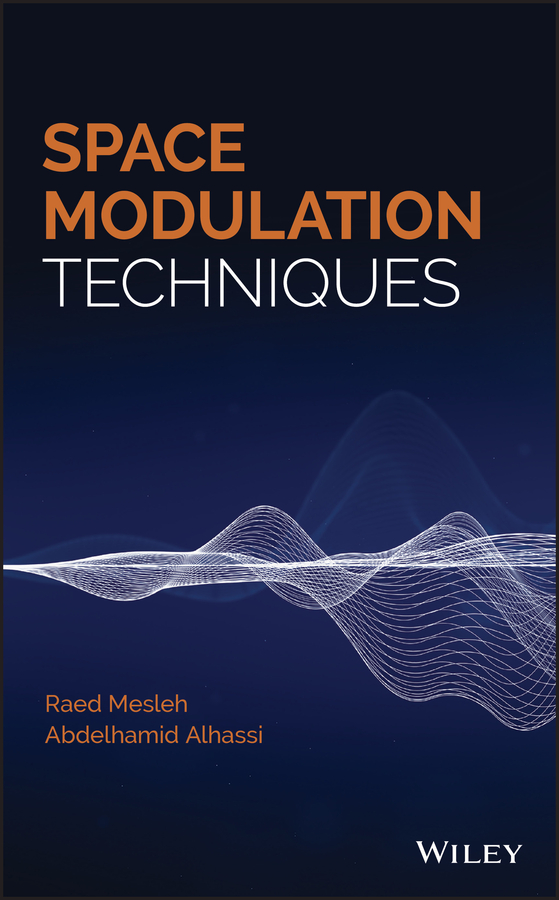
Space Modulation Techniques Explores the fundamentals required to understand, analyze, and implement space modulation techniques (SMTs) in coherent and non-coherent radio frequency environments This book focuses on the concept of space modulation techniques (SMTs), and covers those emerging high data rate wireless communication techniques. The book discusses the advantages and disadvantages of SMTs along with their performance. A general framework for analyzing the performance of SMTs is provided and used to detail their performance over several generalized fading channels. The book also addresses the transmitter design of these techniques with the optimum number of hardware components and the use of these techniques in cooperative and mm-Wave communications. Beginning with an introduction to the subject and a brief history, Space Modulation Techniques goes on to offer chapters covering MIMO systems like spatial multiplexing and space-time coding. It then looks at channel models, such as Rayleigh, Rician, Nakagami-m, and other generalized distributions. A discussion of SMTs includes techniques like space shift keying (SSK), space-time shift keying (STSK), trellis coded spatial modulation (TCSM), spatial modulation (SM), generalized spatial modulation (GSM), quadrature spatial modulation (QSM), and more. The book also presents a non-coherent design for different SMTs, and a framework for SMTs’ performance analysis in different channel conditions and in the presence of channel imperfections, all that along with an information theoretic treatment of SMTs. Lastly, it provides performance comparisons, results, and MATLAB codes and offers readers practical implementation designs for SMTs. The book also: Provides readers with the expertise of the inventors of space modulation techniques (SMTs) Analyzes error performance, capacity performance, and system complexity. Discusses practical implementation of SMTs and studies SMTs with cooperative and mm-Wave communications Explores and compares MIMO schemes Space Modulation Techniques is an ideal book for professional and academic readers that are active in the field of SMT MIMO systems. TECHNOLOGY & ENGINEERING,Mobile & Wireless Communications
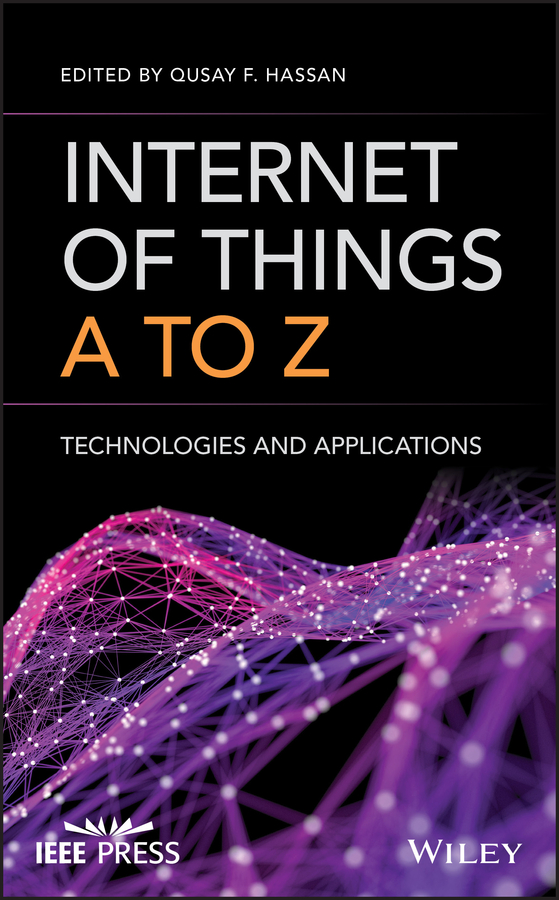
Internet of Things A to Z A comprehensive overview of the Internet of Things’ core concepts, technologies, and applications Internet of Things A to Z offers a holistic approach to the Internet of Things (IoT) model. The Internet of Things refers to uniquely identifiable objects and their virtual representations in an Internet-like structure. Recently, there has been a rapid growth in research on IoT communications and networks, that confirms the scalability and broad reach of the core concepts. With contributions from a panel of international experts, the text offers insight into the ideas, technologies, and applications of this subject. The authors discuss recent developments in the field and the most current and emerging trends in IoT. In addition, the text is filled with examples of innovative applications and real-world case studies. Internet of Things A to Z fills the need for an up-to-date volume on the topic. This important book: Covers in great detail the core concepts, enabling technologies, and implications of the Internet of Things Addresses the business, social, and legal aspects of the Internet of Things Explores the critical topic of security and privacy challenges for both individuals and organizations Includes a discussion of advanced topics such as the need for standards and interoperability Contains contributions from an international group of experts in academia, industry, and research Written for ICT researchers, industry professionals, and lifetime IT learners as well as academics and students, Internet of Things A to Z provides a much-needed and comprehensive resource to this burgeoning field. TECHNOLOGY & ENGINEERING,Mobile & Wireless Communications
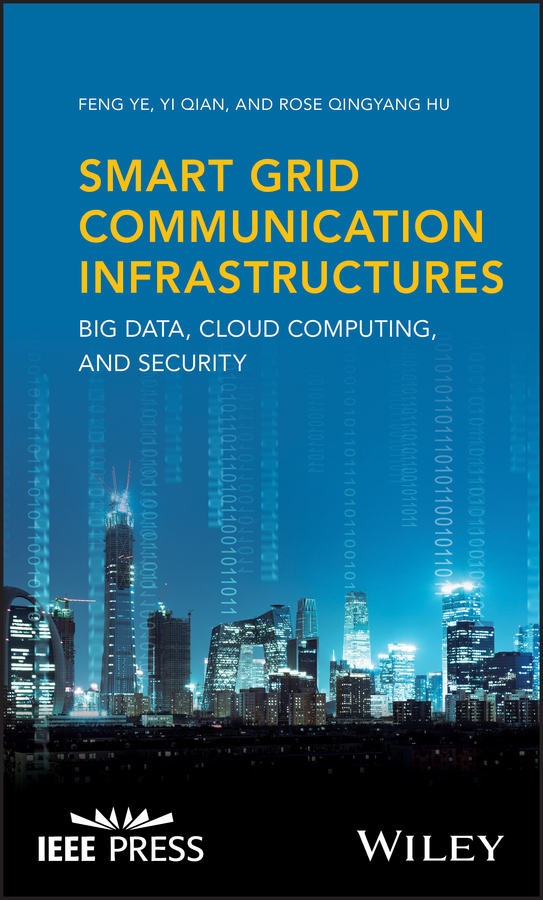
Smart Grid Communication Infrastructures A comprehensive resource that covers all the key areas of smart grid communication infrastructures Smart grid is a transformational upgrade to the traditional power grid that adds communication capabilities, intelligence and modern control. Smart Grid Communication Infrastructures is a comprehensive guide that addresses communication infrastructures, related applications and other issues related to the smart grid. The text shows how smart grid departs from the traditional power grid technology. Fundamentally, smart grid has advanced communication infrastructures to achieve two-way information exchange between service providers and customers. Grid operations in smart grid have proven to be more efficient and more secure because of the communication infrastructures and modern control. Smart Grid Communication Infrastructures examines and summarizes the recent advances in smart grid communications, big data analytics and network security. The authors – noted experts in the field – review the technologies, applications and issues in smart grid communication infrastructure. This important resource: Offers a comprehensive review of all areas of smart grid communication infrastructures Includes an ICT framework for smart grid Contains a review of self-sustaining wireless neighborhood that are network designed Presents design and analysis of a wireless monitoring network for transmission lines in smart grid Written for graduate students, professors, researchers, scientists, practitioners and engineers, Smart Grid Communication Infrastructures is the comprehensive resource that explores all aspects of the topic. TECHNOLOGY & ENGINEERING,Mobile & Wireless Communications
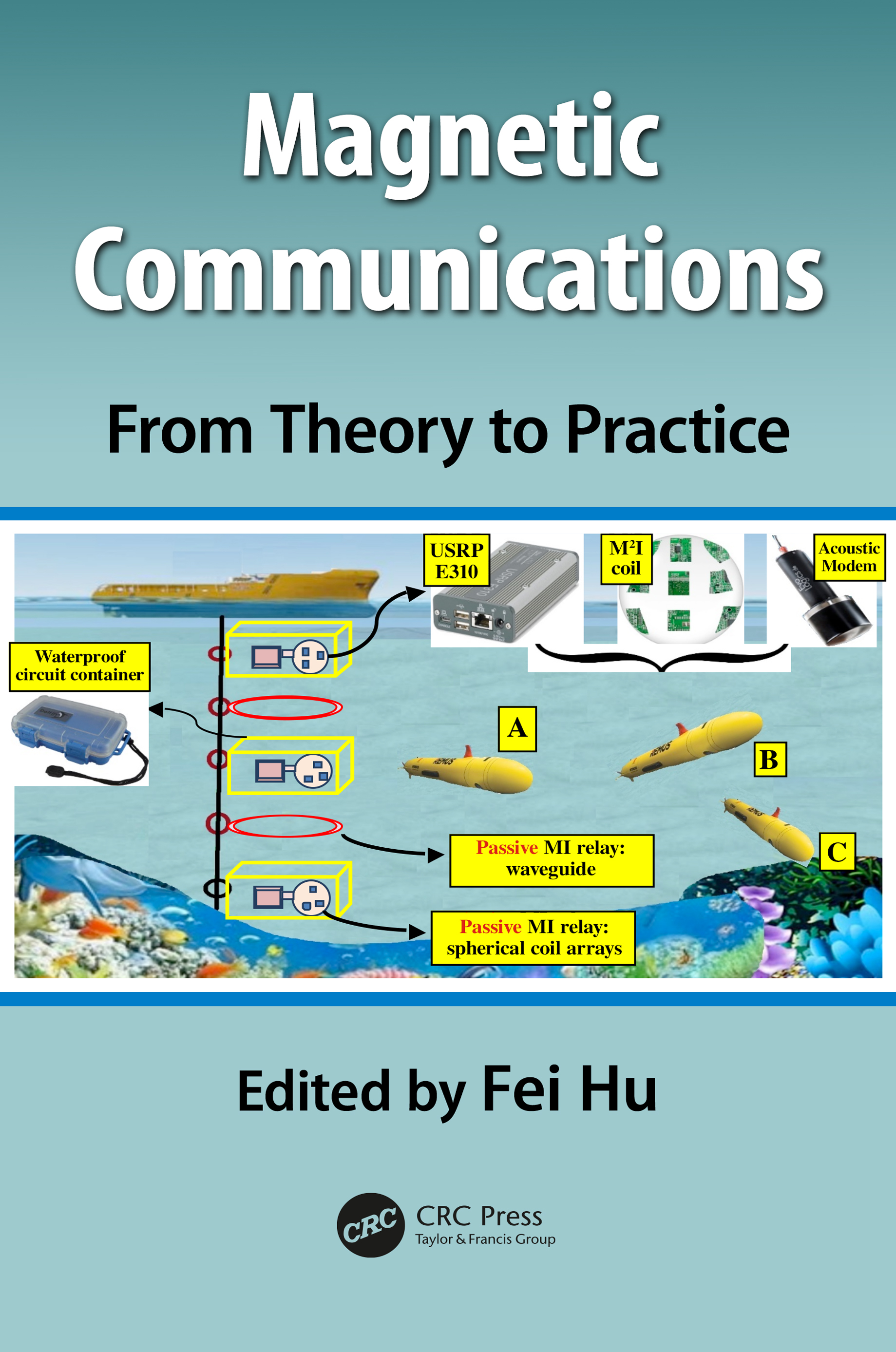
Magnetic Communications This book covers comprehensively the theories and practical design of magnetic communications. It emphasizes the differences between it and RF communications. It first provides the models and signal propagation principles of magnetic communication systems. Then it describes the hardware architecture of the system, including transmitter, MODEM, inductors, coils, etc. Then, it discusses the corresponding communication software design principles and cases. Finally, it presents several types of practical implementations and applications. TECHNOLOGY & ENGINEERING,Mobile & Wireless Communications
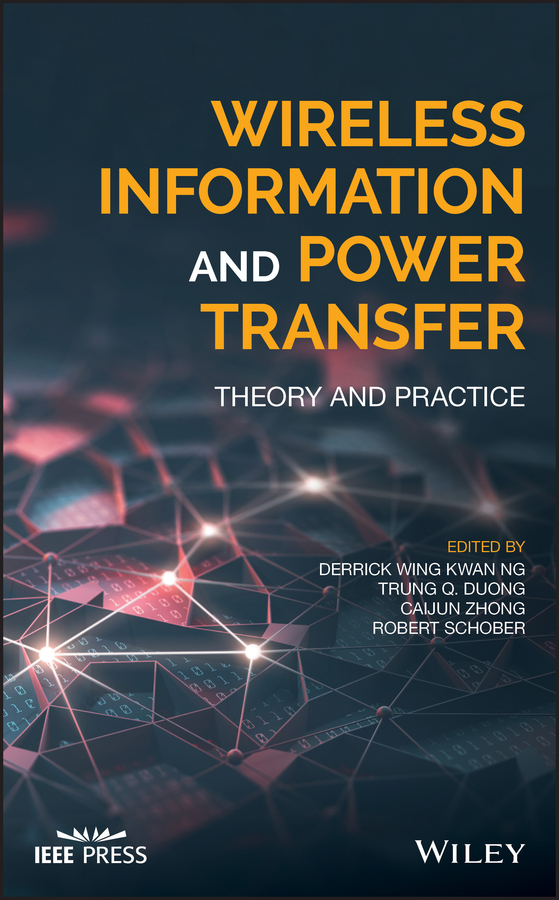
Wireless Information and Power Transfer Wireless Information and Power Transfer offers an authoritative and comprehensive guide to the theory, models, techniques, implementation and application of wireless information and power transfer (WIPT) in energy-constrained wireless communication networks. With contributions from an international panel of experts, this important resource covers the various aspects of WIPT systems such as, system modeling, physical layer techniques, resource allocation and performance analysis. The contributors also explore targeted research problems typically encountered when designing WIPT systems. TECHNOLOGY & ENGINEERING,Mobile & Wireless Communications
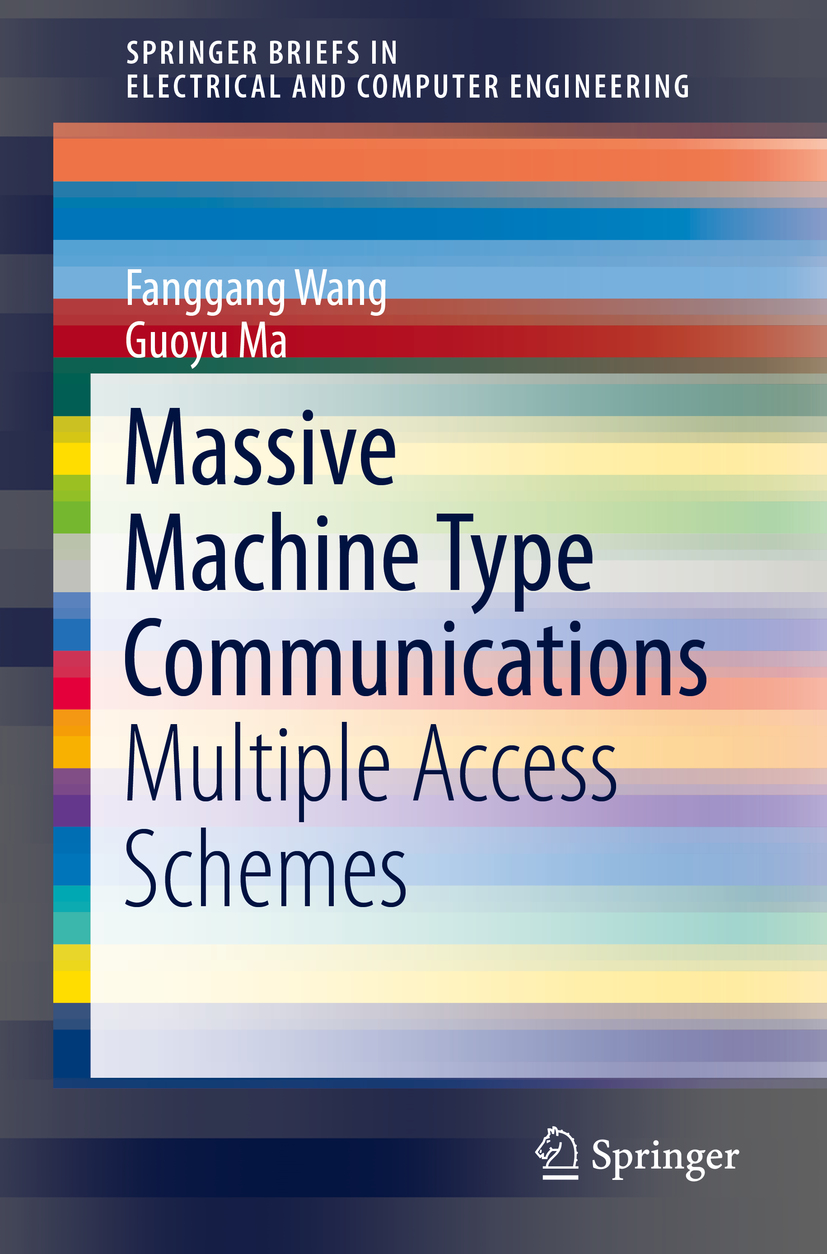
Massive Machine Type Communications This SpringerBrief introduces the current research status on emerging multiple access schemes for mMTC, which provides an integrated reference for future research works. A brief introduction on mMTC scenario is provided, and then the suitable random access procedure is discussed. Various multiple access schemes for mMTC are also described and analyzed in detail. It assumes a background in communication theory and wireless communication fundamentals. With the thriving of Internet of Things (IoT) industry, an emerging scenario named massive machine-type communication (mMTC) is considered in the future 5G networks. One main challenge in mMTC is how to support massive connections with limited radio resources and low energy consumption. Therein, novel multiple access scheme is the key to overcome the challenge. This SpringerBrief targets researchers and engineers, who are engaged in 5G and future IoT related communications system. It can also be a used as a reference book or a secondary text for graduate students, who major in communications. TECHNOLOGY & ENGINEERING,Mobile & Wireless Communications
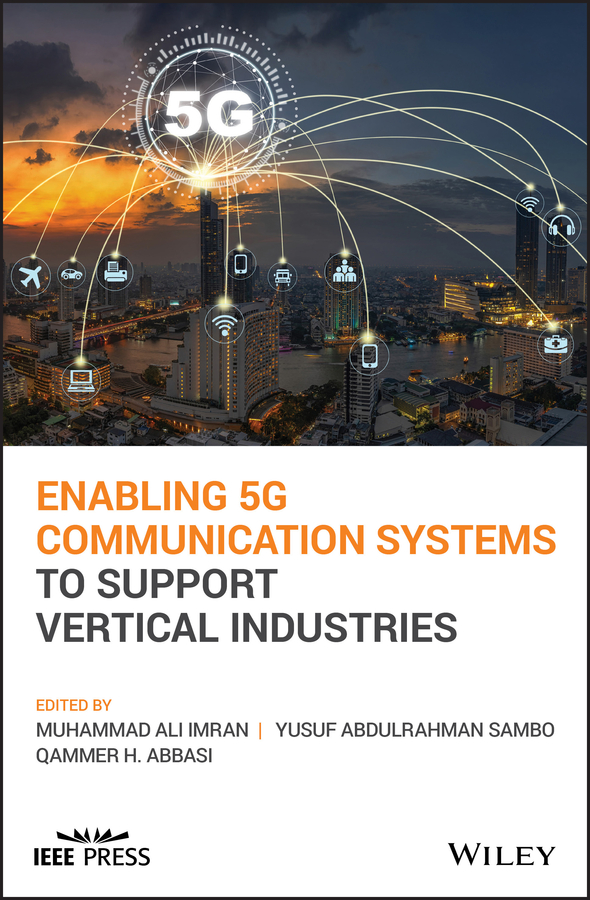
Enabling 5G Communication Systems to Support Vertical Industries How 5G technology can support the demands of multiple vertical industries Recent advances in technologyhave created new vertical industries that are highly dependent on the availability and reliability of data between multiple locations. The 5G system, unlike previous generations, will be entirely data driven—addressing latency, resilience, connection density, coverage area, and other vertical industry criteria. Enabling 5G Communication Systems to Support Vertical Industries demonstrates how 5G communication systems can meet the needs unique to vertical industries for efficient, cost-effective delivery of service. Covering both theory and practice, this book explores solutions to problems in specific industrial sectors including smart transportation, smart agriculture, smart grid, environmental monitoring, and disaster management. The 5G communication system will have to provide customized solutions to accommodate each vertical industry’s specific requirements. Whether an industry practitioner designingthe next generation of wireless communications or a researcher needing to identify open issues and classify their research, this timely book: Covers the much-discussed topics of supporting multiple vertical industries and new ICT challenges Addresses emerging issues and real-world problems surrounding 5G technology in wireless communication and networking Explores a comprehensive array of essential topics such as connected health, smart transport, smart manufacturing, and more Presents important topics in a clear, concise style suitable for new learners and professionals alike Includes contributions from experts and industry leaders, system diagrams, charts, tables, and examples Enabling 5G Communication Systems to Support Vertical Industries is a valuable resource telecom engineers industry professionals, researchers, professors, doctorate, and postgraduate students requiring up-to-date information on supporting vertical industries with 5G technology systems. TECHNOLOGY & ENGINEERING,Mobile & Wireless Communications
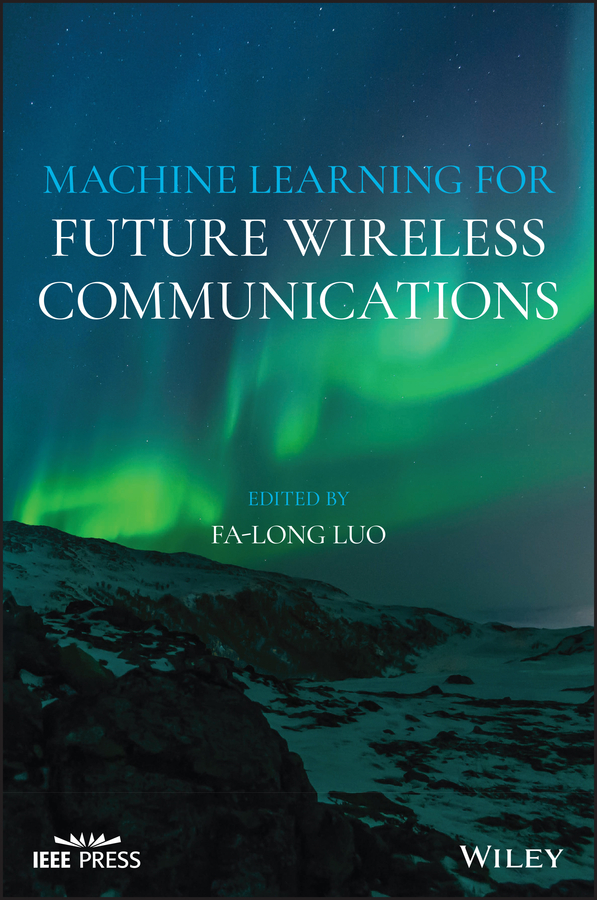
Machine Learning for Future Wireless Communications A comprehensive review to the theory, application and research of machine learning for future wireless communications In one single volume, Machine Learning for Future Wireless Communications provides a comprehensive and highly accessible treatment to the theory, applications and current research developments to the technology aspects related to machine learning for wireless communications and networks. The technology development of machine learning for wireless communications has grown explosively and is one of the biggest trends in related academic, research and industry communities. Deep neural networks-based machine learning technology is a promising tool to attack the big challenge in wireless communications and networks imposed by the increasing demands in terms of capacity, coverage, latency, efficiency flexibility, compatibility, quality of experience and silicon convergence. The author – a noted expert on the topic – covers a wide range of topics including system architecture and optimization, physical-layer and cross-layer processing, air interface and protocol design, beamforming and antenna configuration, network coding and slicing, cell acquisition and handover, scheduling and rate adaption, radio access control, smart proactive caching and adaptive resource allocations. Uniquely organized into three categories: Spectrum Intelligence, Transmission Intelligence and Network Intelligence, this important resource: Offers a comprehensive review of the theory, applications and current developments of machine learning for wireless communications and networks Covers a range of topics from architecture and optimization to adaptive resource allocations Reviews state-of-the-art machine learning based solutions for network coverage Includes an overview of the applications of machine learning algorithms in future wireless networks Explores flexible backhaul and front-haul, cross-layer optimization and coding, full-duplex radio, digital front-end (DFE) and radio-frequency (RF) processing Written for professional engineers, researchers, scientists, manufacturers, network operators, software developers and graduate students, Machine Learning for Future Wireless Communications presents in 21 chapters a comprehensive review of the topic authored by an expert in the field. TECHNOLOGY & ENGINEERING,Mobile & Wireless Communications
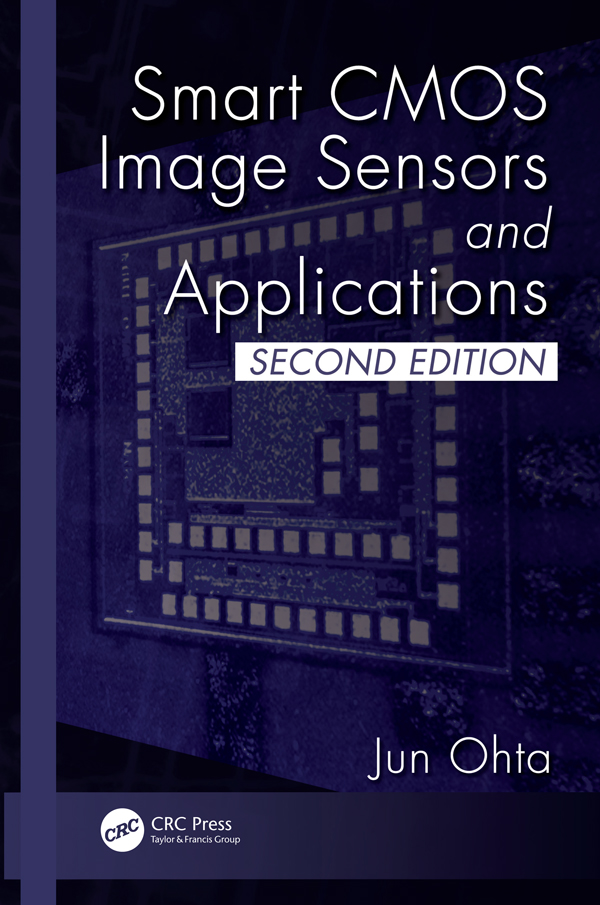
Smart CMOS Image Sensors and Applications Revised and expanded for this new edition, Smart CMOS Image Sensors and Applications, Second Edition is the only book available devoted to smart CMOS image sensors and applications. The book describes the fundamentals of CMOS image sensors and optoelectronic device physics, and introduces typical CMOS image sensor structures, such as the active pixel sensor (APS). Also included are the functions and materials of smart CMOS image sensors and present examples of smart imaging. Various applications of smart CMOS image sensors are also discussed. Several appendices supply a range of information on constants, illuminance, MOSFET characteristics, and optical resolution. Expansion of smart materials, smart imaging and applications, including biotechnology and optical wireless communication, are included. Features • Covers the fundamentals and applications including smart materials, smart imaging, and various applications • Includes comprehensive references • Discusses a wide variety of applications of smart CMOS image sensors including biotechnology and optical wireless communication • Revised and expanded to include the state of the art of smart image sensors TECHNOLOGY & ENGINEERING,Mobile & Wireless Communications
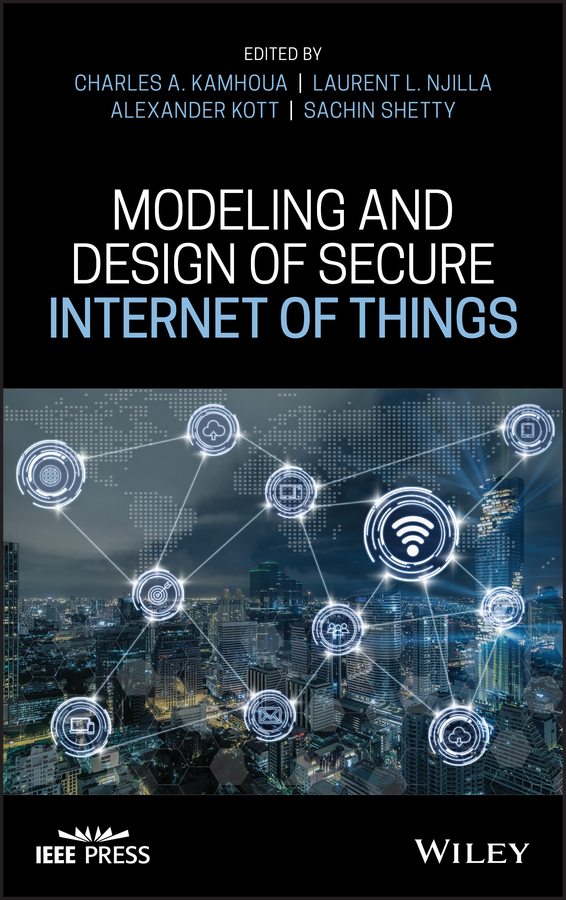
Modeling and Design of Secure Internet of Things An essential guide to the modeling and design techniques for securing systems that utilize the Internet of Things Modeling and Design of Secure Internet of Things offers a guide to the underlying foundations of modeling secure Internet of Things' (IoT) techniques. The contributors—noted experts on the topic—also include information on practical design issues that are relevant for application in the commercial and military domains. They also present several attack surfaces in IoT and secure solutions that need to be developed to reach their full potential. The book offers material on security analysis to help with in understanding and quantifying the impact of the new attack surfaces introduced by IoT deployments. The authors explore a wide range of themes including: modeling techniques to secure IoT, game theoretic models, cyber deception models, moving target defense models, adversarial machine learning models in military and commercial domains, and empirical validation of IoT platforms. This important book: Presents information on game-theory analysis of cyber deception Includes cutting-edge research finding such as IoT in the battlefield, advanced persistent threats, and intelligent and rapid honeynet generation Contains contributions from an international panel of experts Addresses design issues in developing secure IoT including secure SDN-based network orchestration, networked device identity management, multi-domain battlefield settings, and smart cities Written for researchers and experts in computer science and engineering, Modeling and Design of Secure Internet of Things contains expert contributions to provide the most recent modeling and design techniques for securing systems that utilize Internet of Things. TECHNOLOGY & ENGINEERING,Mobile & Wireless Communications
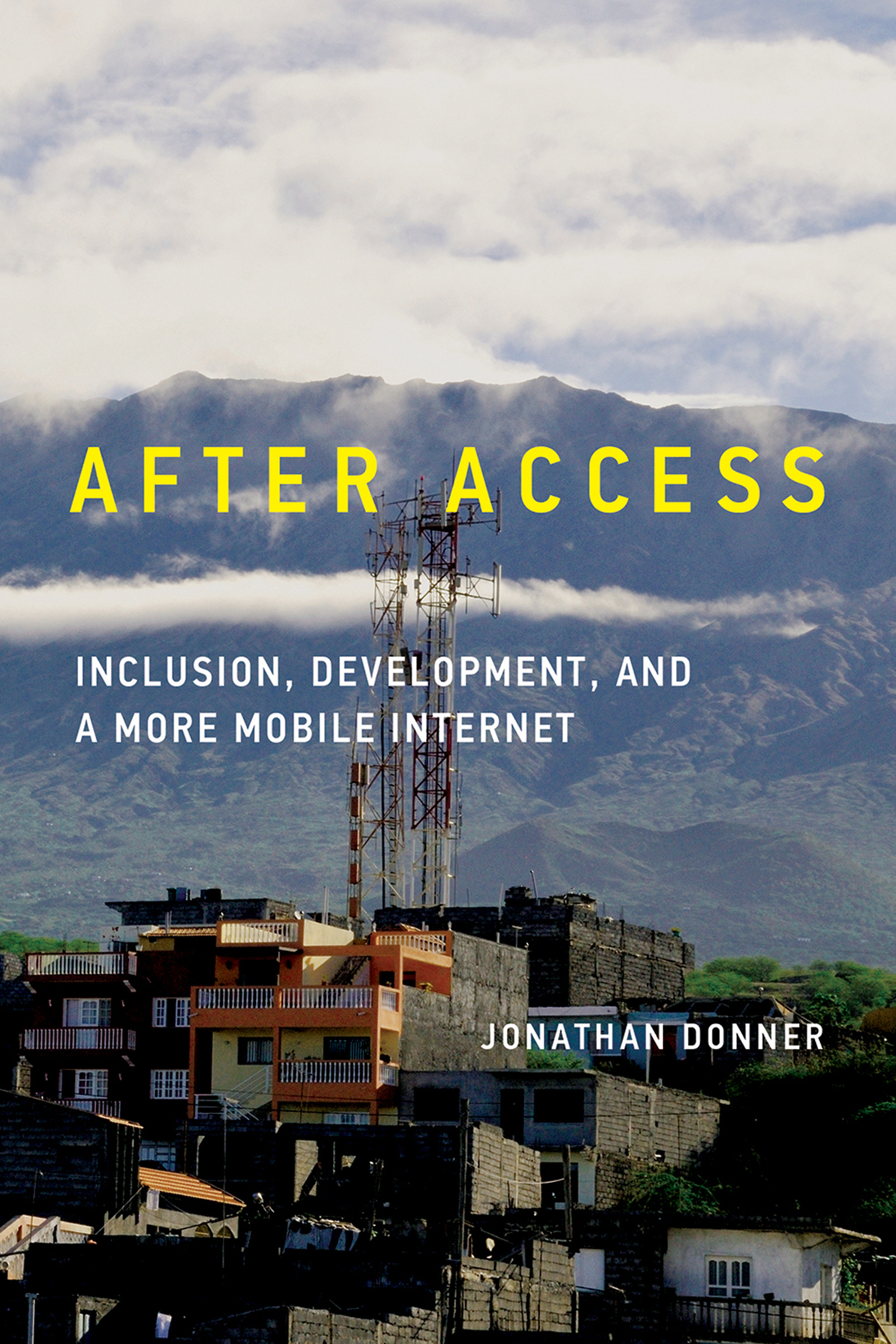
After Access An expert considers the effects of a more mobile Internet on socioeconomic development and digital inclusion, examining both potentialities and constraints. Almost anyone with a $40 mobile phone and a nearby cell tower can get online with an ease unimaginable just twenty years ago. An optimistic narrative has proclaimed the mobile phone as the device that will finally close the digital divide. Yet access and effective use are not the same thing, and the digital world does not run on mobile handsets alone. In After Access, Jonathan Donner examines the implications of the shift to a more mobile, more available Internet for the global South, particularly as it relates to efforts to promote socioeconomic development and broad-based inclusion in the global information society. Drawing on his own research in South Africa and India, as well as the burgeoning literature from the ICT4D (Internet and Communication Technologies for Development) and mobile communication communities, Donner introduces the “After Access Lens,” a conceptual framework for understanding effective use of the Internet by those whose “digital repertoires” contain exclusively mobile devices. Donner argues that both the potentialities and constraints of the shift to a more mobile Internet are important considerations for scholars and practitioners interested in Internet use in the global South. TECHNOLOGY & ENGINEERING,Mobile & Wireless Communications
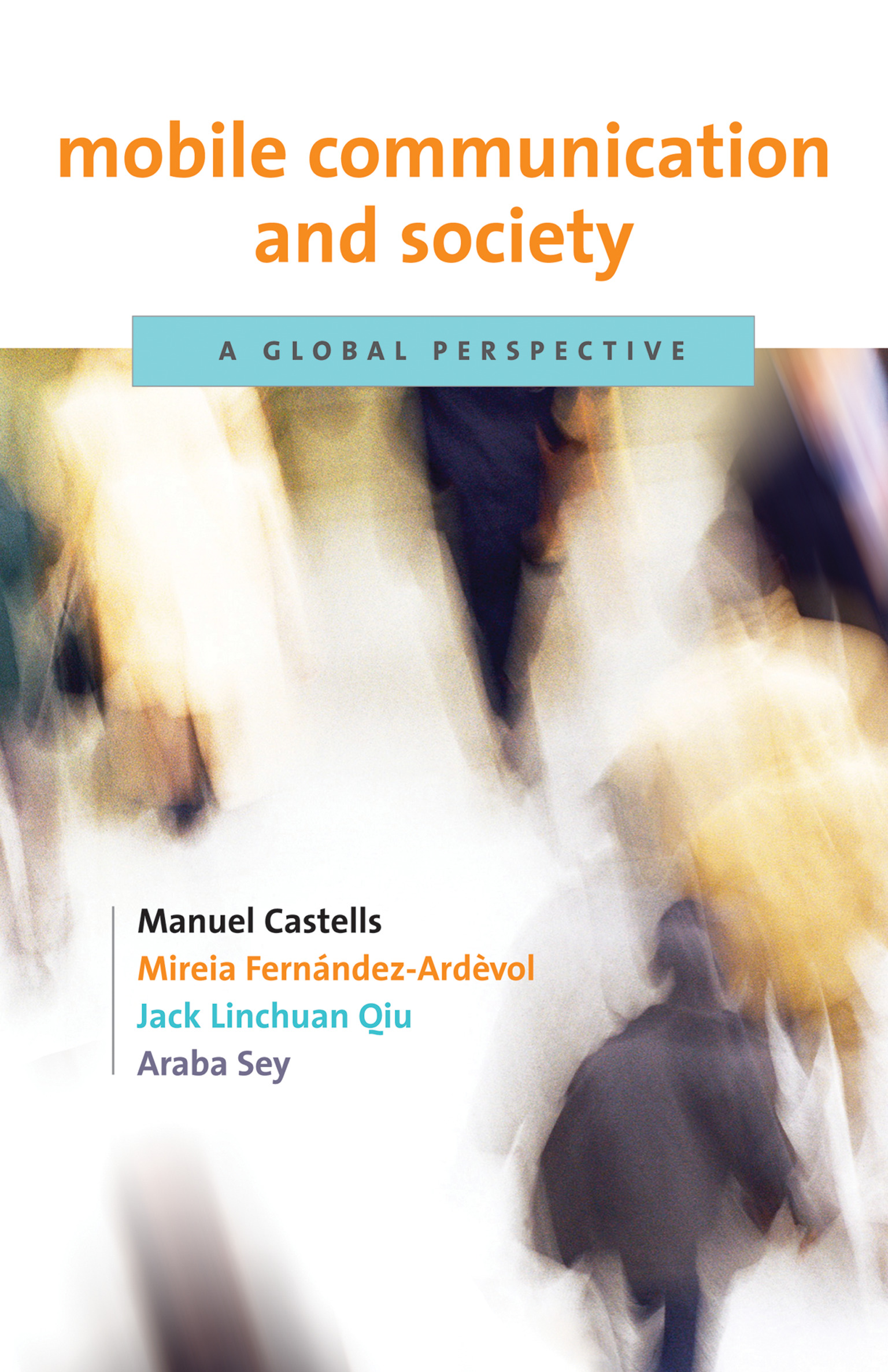
Mobile Communication and Society How wireless technology is redefining the relationship of communication, technology, and society around the world—in everyday work and life, in youth culture, in politics, and in the developing world. Wireless networks are the fastest growing communications technology in history. Are mobile phones expressions of identity, fashionable gadgets, tools for life—or all of the above? Mobile Communication and Society looks at how the possibility of multimodal communication from anywhere to anywhere at any time affects everyday life at home, at work, and at school, and raises broader concerns about politics and culture both global and local. Drawing on data gathered from around the world, the authors explore who has access to wireless technology, and why, and analyze the patterns of social differentiation seen in unequal access.They explore the social effects of wireless communication—what it means for family life, for example, when everyone is constantly in touch, or for the idea of an office when workers can work anywhere. Is the technological ability to multitask further compressing time in our already hurried existence? The authors consider the rise of a mobile youth culture based on peer-to-peer networks, with its own language of texting, and its own values. They examine the phenomenon of flash mobs, and the possible political implications. And they look at the relationship between communication and development and the possibility that developing countries could "leapfrog" directly to wireless and satellite technology. This sweeping book—moving easily in its analysis from the United States to China, from Europe to Latin America and Africa—answers the key questions about our transformation into a mobile network society. TECHNOLOGY & ENGINEERING,Mobile & Wireless Communications

Taken for Grantedness An examination of how the mobile phone has become part of the fabric of society—as did such earlier technologies as the clock and the car. Why do we feel insulted or exasperated when our friends and family don't answer their mobile phones? If the Internet has allowed us to broaden our social world into a virtual friend-net, the mobile phone is an instrument of a more intimate social sphere. The mobile phone provides a taken-for-granted link to the people to whom we are closest; when we are without it, social and domestic disarray may result. In just a few years, the mobile phone has become central to the functioning of society. In this book, Rich Ling explores the process by which the mobile phone has become embedded in society, comparing it to earlier technologies that changed the character of our social interaction and, along the way, became taken for granted. Ling, drawing on research, interviews, and quantitative material, shows how the mobile phone (and the clock and the automobile before it) can be regarded as a social mediation technology, with a critical mass of users, a supporting ideology, changes in the social ecology, and a web of mutual expectations regarding use. By examining the similarities and synergies among these three technologies, Ling sheds a more general light on how technical systems become embedded in society and how they support social interaction within the closest sphere of friends and family. TECHNOLOGY & ENGINEERING,Mobile & Wireless Communications
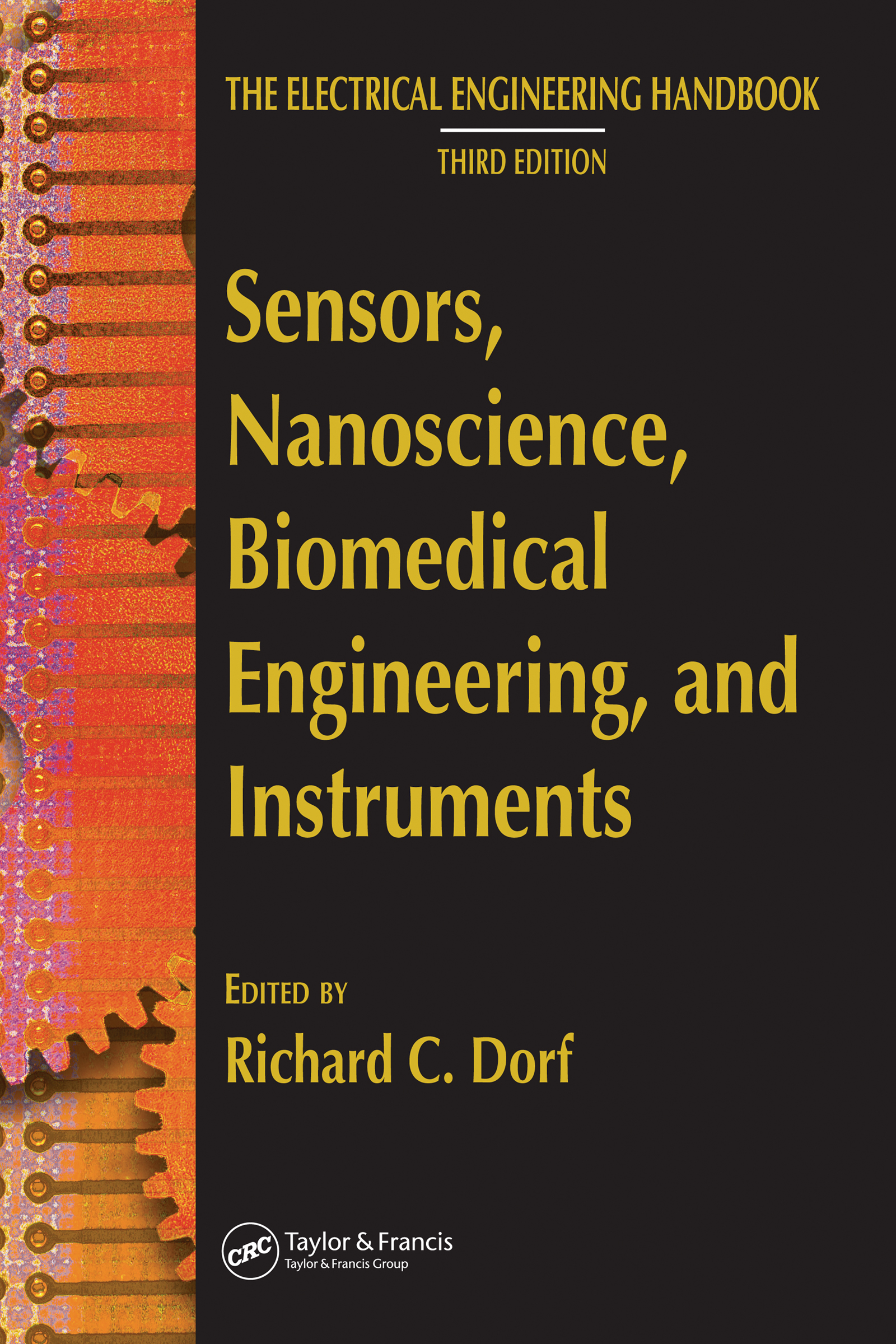
Sensors, Nanoscience, Biomedical Engineering, and Instruments In two editions spanning more than a decade, The Electrical Engineering Handbook stands as the definitive reference to the multidisciplinary field of electrical engineering. Our knowledge continues to grow, and so does the Handbook. For the third edition, it has expanded into a set of six books carefully focused on a specialized area or field of study. Each book represents a concise yet definitive collection of key concepts, models, and equations in its respective domain, thoughtfully gathered for convenient access. Sensors, Nanoscience, Biomedical Engineering, and Instruments provides thorough coverage of sensors, materials and nanoscience, instruments and measurements, and biomedical systems and devices, including all of the basic information required to thoroughly understand each area. It explores the emerging fields of sensors, nanotechnologies, and biological effects. Each article includes defining terms, references, and sources of further information. Encompassing the work of the world’s foremost experts in their respective specialties, Sensors, Nanoscience, Biomedical Engineering, and Instruments features the latest developments, the broadest scope of coverage, and new material on multisensor data fusion and MEMS and NEMS. TECHNOLOGY & ENGINEERING,Nanotechnology & MEMS

Manufacturing Techniques for Microfabrication and Nanotechnology Designed for science and engineering students, this text focuses on emerging trends in processes for fabricating MEMS and NEMS devices. The book reviews different forms of lithography, subtractive material removal processes, and additive technologies. Both top-down and bottom-up fabrication processes are exhaustively covered and the merits of the different approaches are compared. Students can use this color volume as a guide to help establish the appropriate fabrication technique for any type of micro- or nano-machine. TECHNOLOGY & ENGINEERING,Nanotechnology & MEMS
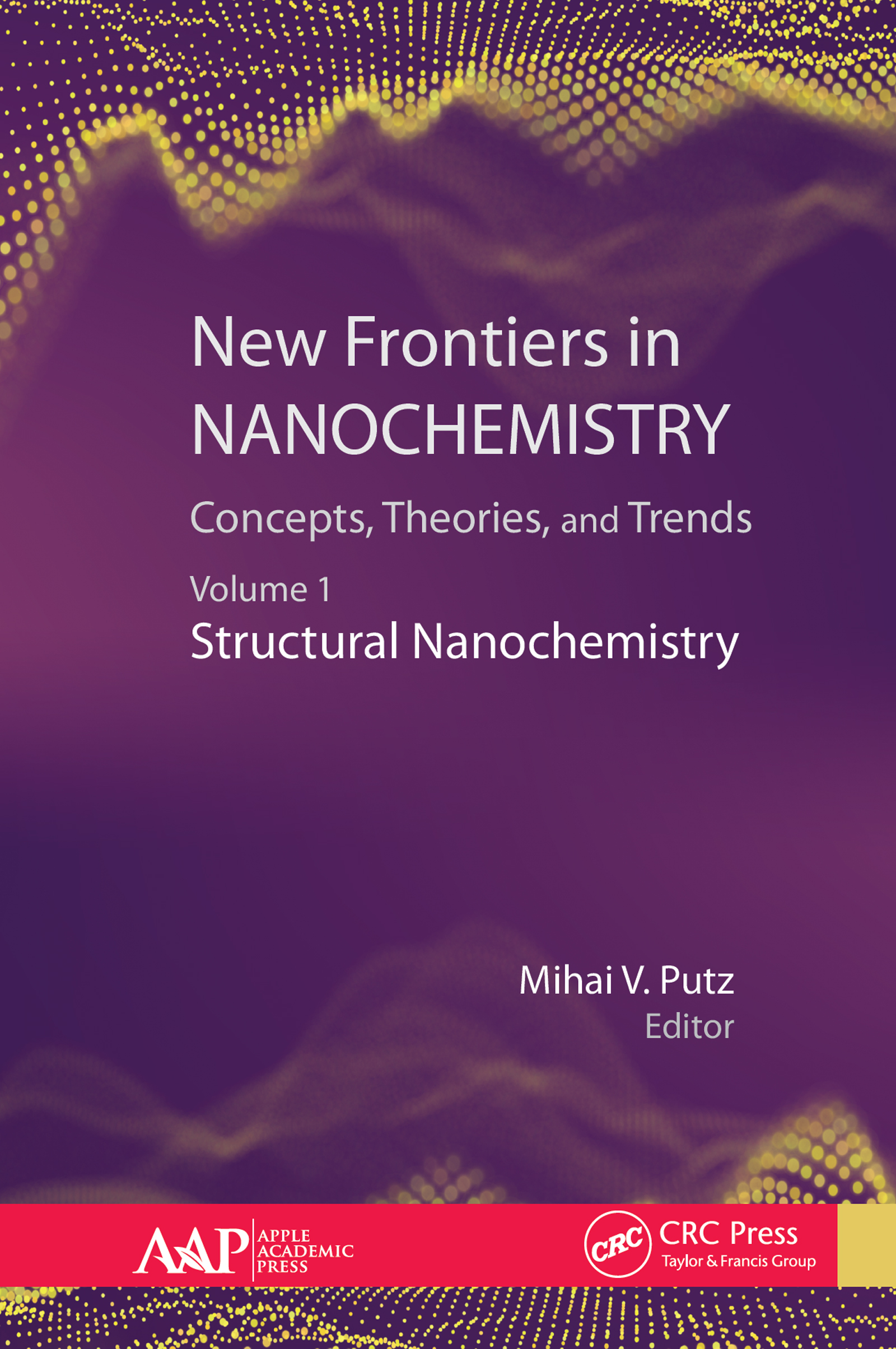
New Frontiers in Nanochemistry New Frontiers in Nanochemistry: Concepts, Theories, and Trends, Volume 1: Structural Nanochemistry is the first volume of the new three-volume set that explains and explores the important concepts from various areas within the nanosciences. This first volume focuses on structural nanochemistry and encompasses the general fundamental aspects of nanochemistry while simultaneously incorporating crucial material from other fields, in particular mathematic and natural sciences, with specific attention to multidisciplinary chemistry. Under the broad expertise of the editor, the volume contains 50 concise yet comprehensive entries from world-renowned scholars, alphabetically organizing a multitude of essential basic and advanced concepts, ranging from algebraic chemistry to new energy technology, from the bondonic theory of chemistry to spintronics, and from fractal dimension and kinetics to quantum dots and tight binding—and much more. The entries contain definitions, short characterizations, uses and usefulness, limitations, references, and more. TECHNOLOGY & ENGINEERING,Nanotechnology & MEMS
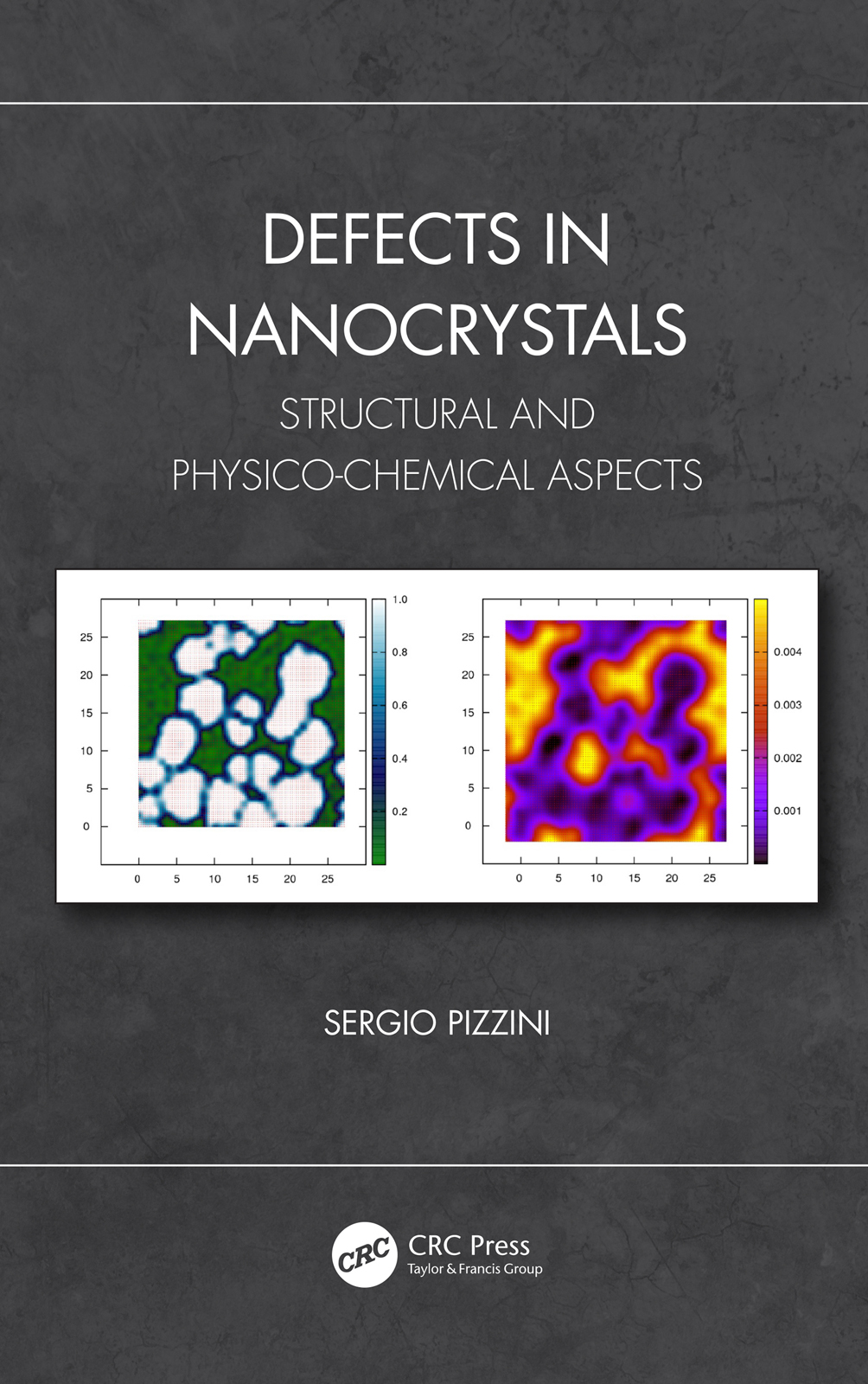
Defects in Nanocrystals Defects in Nanocrystals: Structural and Physico-Chemical Aspects discusses the nature of semiconductor systems and the effect of the size and shape on their thermodynamic and optoelectronic properties at the mesoscopic and nanoscopic levels. The nanostructures considered in this book are individual nanometric crystallites, nanocrystalline films, and nanowires of which the thermodynamic, structural, and optical properties are discussed in detail. The work: Outlines the influence of growth processes on their morphology and structure Describes the benefits of optical spectroscopies in the understanding of the role and nature of defects in nanostructured semiconductors Considers the limits of nanothermodynamics Details the critical role of interfaces in nanostructural behavior Covers the importance of embedding media in the physico-chemical properties of nanostructured semiconductors Explains the negligible role of core point defects vs. surface and interface defects Written for researchers, engineers, and those working in the physical and physicochemical sciences, this work comprehensively details the chemical, structural, and optical properties of semiconductor nanostructures for the development of more powerful and efficient devices. TECHNOLOGY & ENGINEERING,Nanotechnology & MEMS
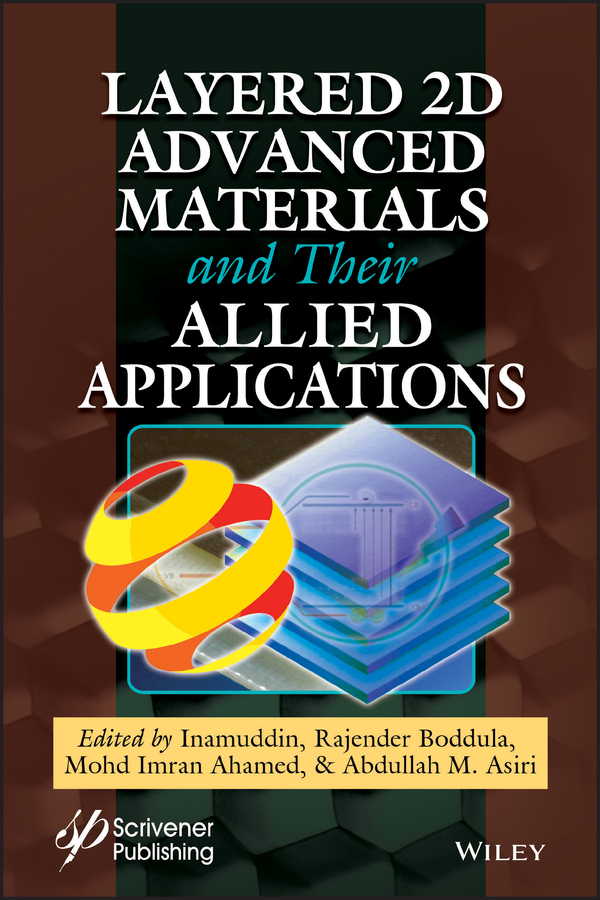
Layered 2D Materials and Their Allied Applications Ever since the discovery of graphene, two-dimensional layered materials (2DLMs) have been the central tool of the materials research community. The reason behind their importance is their superlative and unique electronic, optical, physical, chemical and mechanical properties in layered form rather than in bulk form. The 2DLMs have been applied to electronics, catalysis, energy, environment, and biomedical applications. The following topics are discussed in the book’s fifteen chapters: • The research status of the 2D metal-organic frameworks and the different techniques used to synthesize them. • 2D black phosphorus (BP) and its practical application in various fields. • Reviews the synthesis methods of MXenes and provides a detailed discussion of their structural characterization and physical, electrochemical and optical properties, as well as applications in catalysis, energy storage, environmental management, biomedicine, and gas sensing. • The carbon-based materials and their potential applications via the photocatalytic process using visible light irradiation. • 2D materials like graphene, TMDCs, few-layer phosphorene, MXene in layered form and their heterostructures. • The structure and applications of 2D perovskites. • The physical parameters of pristine layered materials, ZnO, transition metal dichalcogenides, and heterostructures of layered materials are discussed. • The coupling of graphitic carbon nitride with various metal sulfides and oxides to form efficient heterojunction for water purification. • The structural features, synthetic methods, properties, and different applications and properties of 2D zeolites. • The methods for synthesizing 2D hollow nanostructures are featured and their structural aspects and potential in medical and non-medical applications. • The characteristics and structural aspects of 2D layered double hydroxides (LDHs) and the various synthesis methods and role of LDH in non-medical applications as adsorbent, sensor, catalyst, etc. • The synthesis of graphene-based 2D layered materials synthesized by using top-down and bottom-up approaches where the main emphasis is on the hot-filament thermal chemical vapor deposition (HFTCVD) method. • The different properties of 2D h-BN and borophene and the various methods being used for the synthesis of 2D h-BN, along with their growth mechanism and transfer techniques. • The physical properties and current progress of various transition metal dichalcogenides (TMDC) based on photoactive materials for photoelectrochemical (PEC) hydrogen evolution reaction. • The state-of-the-art of 2D layered materials and associated devices, such as electronic, biosensing, optoelectronic, and energy storage applications. TECHNOLOGY & ENGINEERING,Nanotechnology & MEMS
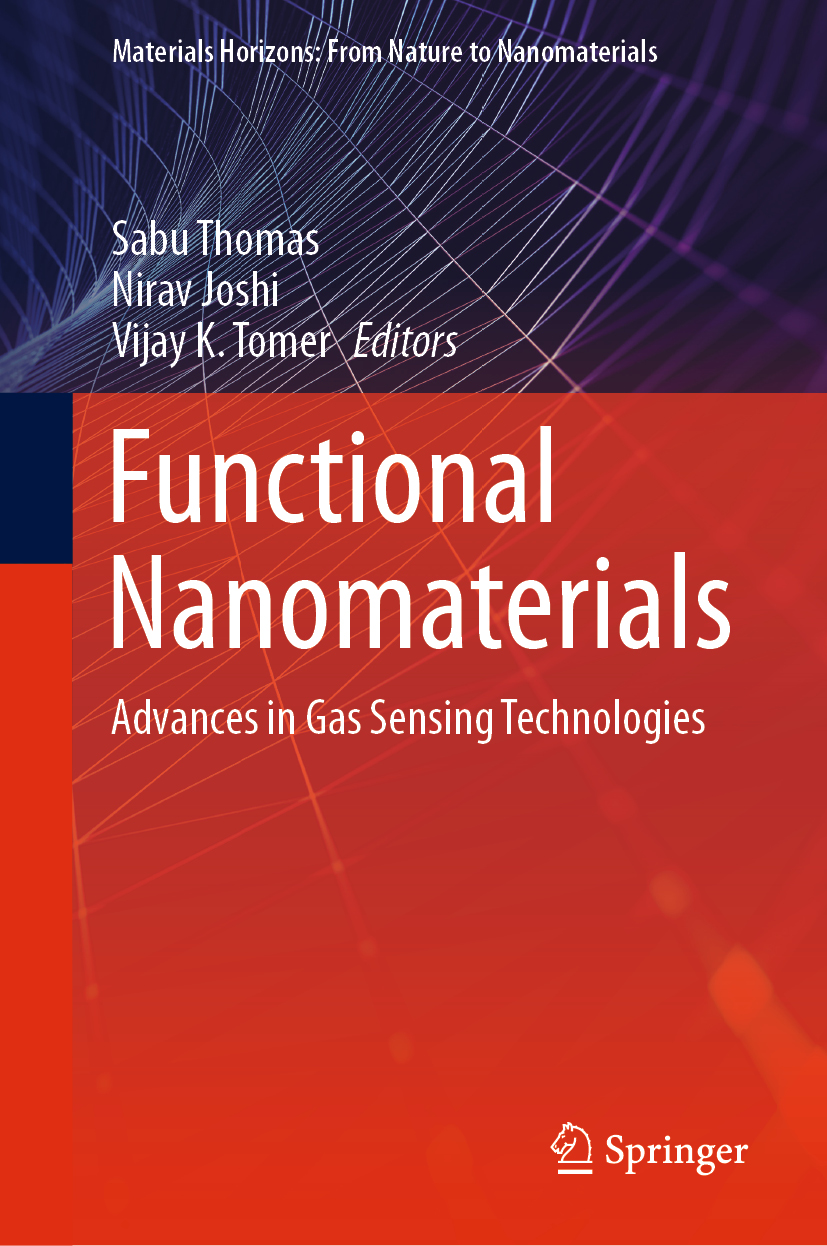
Functional Nanomaterials This book provides a comprehensive overview of the current state-of-art in oxide nanostructures, carbon nanostructures and 2D materials fabrication. It covers mimicking of sensing mechanisms and applications in gas sensors. It focuses on gas sensors based on functional nanostructured materials, especially related to issues of sensitivity, selectivity, and temperature dependency for sensors. It covers synthesis, properties, and current gas sensing tools and discusses the necessity for miniaturized sensors. This book will be of use to senior undergraduate and graduate students, professionals, and researchers in the field of solid-state physics, materials science, surface science and chemical engineering. TECHNOLOGY & ENGINEERING,Nanotechnology & MEMS
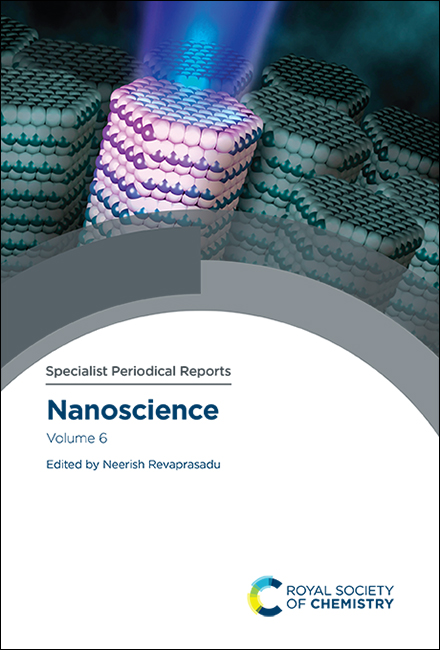
Nanoscience Nanoscience Volume 6 provides a critical and comprehensive assessment of the most recent research and opinion from across the globe for anyone practising in any nano-allied field, or wishing to enter the nano-world. TECHNOLOGY & ENGINEERING,Nanotechnology & MEMS
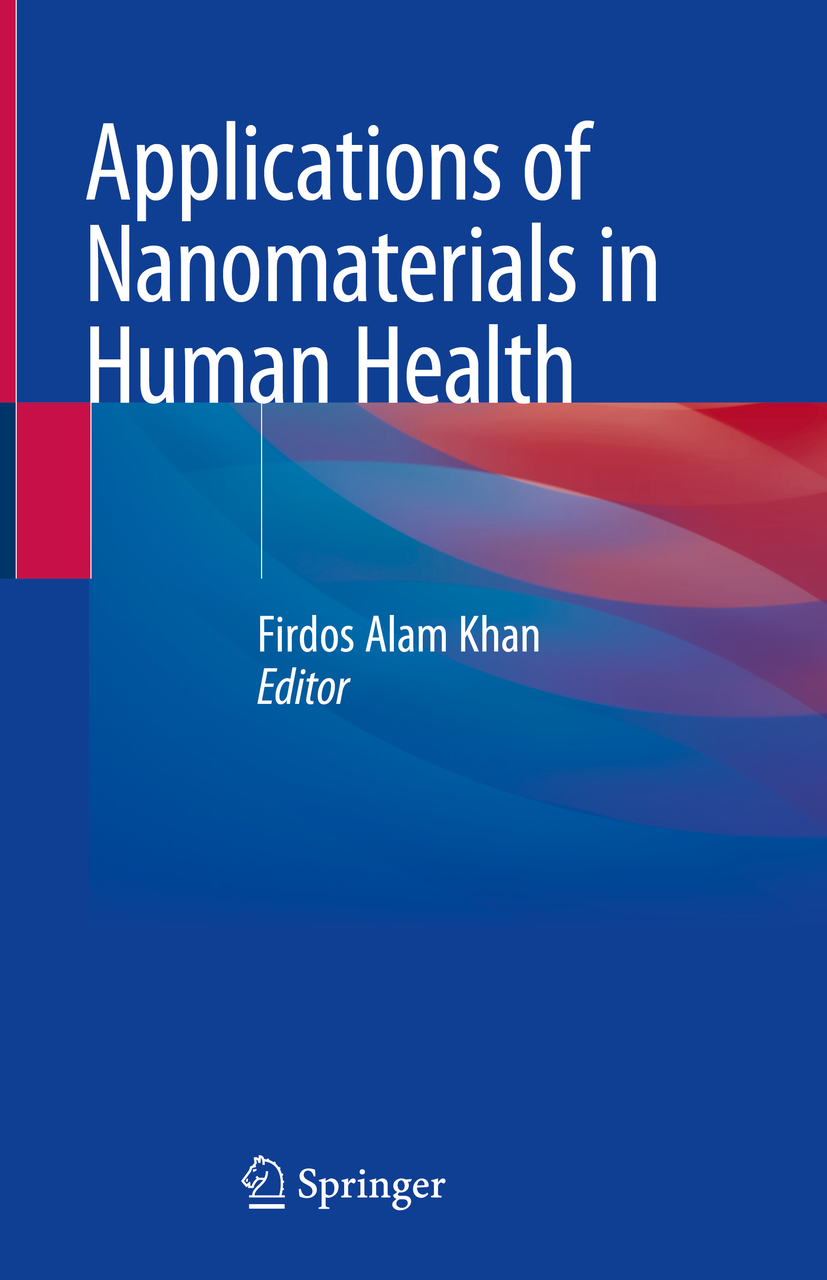
Applications of Nanomaterials in Human Health This book reviews the various applications of nanotechnology in human health. The introductory chapters focus on the classifications, types, synthesis, and characterization of various types of nanomaterials, while subsequent chapters highlight current applications of nanomaterials in the diagnosis and treatment of microbial and viral infections, and also in stem cell biology and regenerative medicine. Further, the book explores the potential role of nanomaterials in connection with neuronal differentiation, neuronal protection, and neurological diseases. It demonstrates the use of nanotechnology to diagnose and treat genetic disorders, as well as endocrine and metabolic syndrome diseases. It also discusses the ethics and the negative impacts of nanomaterials on human health. Lastly, it examines the intellectual property aspects and government regulations associated with the research, design, and commercialization of nanotechnology-based products. Given its scope, it offers a valuable resource for all researchers and professionals working with nanotechnology-based applications in human health. TECHNOLOGY & ENGINEERING,Nanotechnology & MEMS
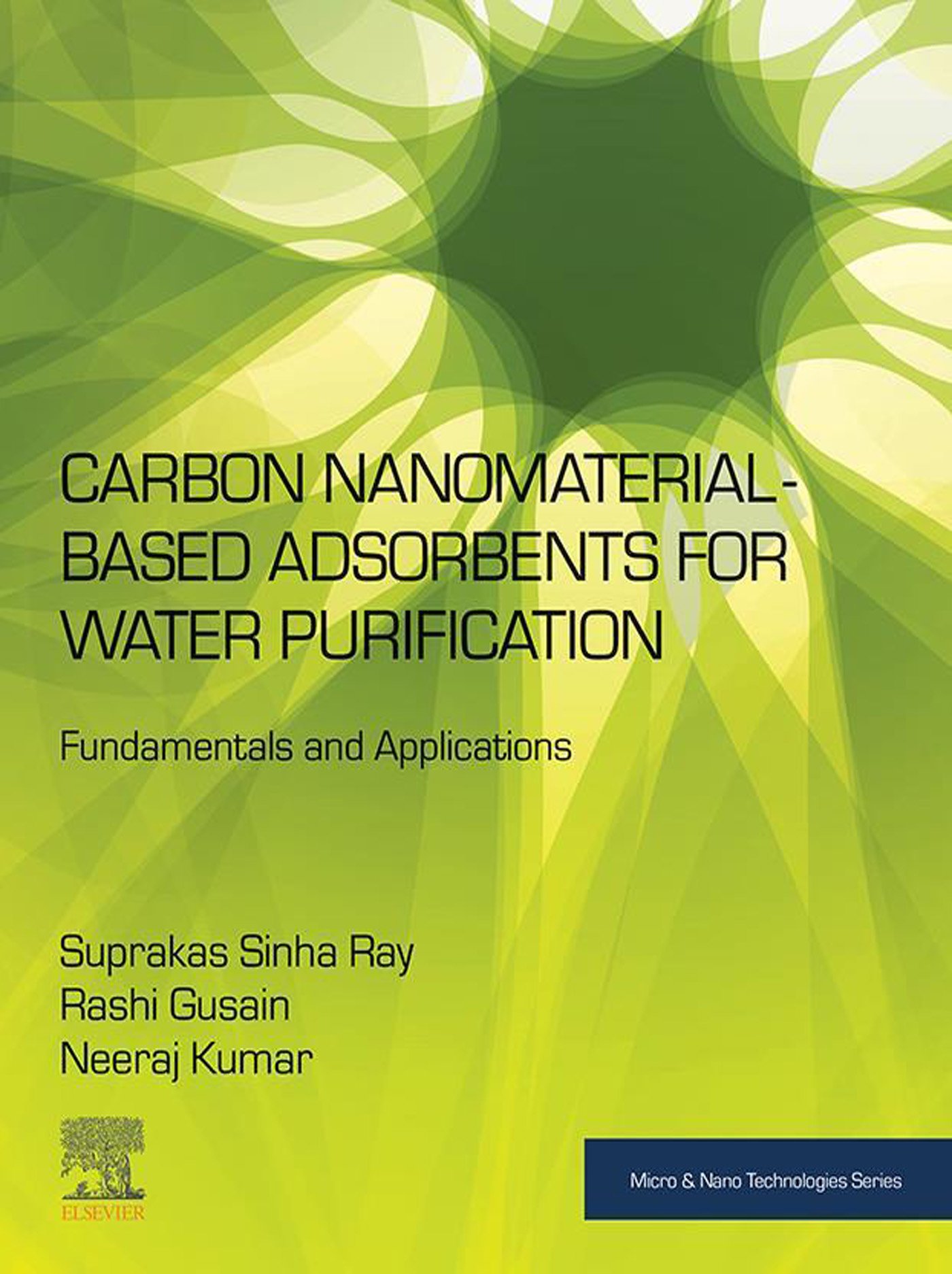
Carbon Nanomaterial-Based Adsorbents for Water Purification The deterioration of water quality and unavailability of drinkable water are pressing challenges worldwide. The removal of toxic organic and inorganic pollutants from water is vital for a clean environment, as a response to water scarcity. Adsorption-based water technologies are among the most widely used because of their high efficiency and low cost, without relying on a complex infrastructure. In recent years, carbon nanomaterials (CNMs), such as graphene and derivatives, carbon nanotubes, carbon nanofibers, nanoporous carbon, fullerenes, graphitic carbon nitride, and nanodiamonds have been extensively exploited as adsorbents due to their extraordinary surface properties, ease of modification, large surface area, controlled structural varieties, high chemical stability, porosity, low density, ease of regeneration, and reusability. This book provides a thorough overview of the state of the art in carbon nanomaterials as they are used for adsorption applications in water purifications, as well as addressing their toxicological challenges. This volume primarily explores the fundamentals of adsorption, its mechanical aspects, synthesis and properties of CNMs, and adsorption performances of CNMs and their nanocomposites with organic and inorganic materials. Structural engineering and activation processes produce materials with enhanced adsorptive properties and separation efficiencies. Furthermore, the formation of CNMs with 2D and 3D macro-and microstructures and high porosities is a potential approach to improve adsorption performances and extend CNM use at the industrial level. The book also addresses important issues regarding these adsorbents that potentially affect future research and industrial applications of carbon-based nanoadsorbents in water security. Presents advances in multifunctional 3D superstructures of carbon nanomaterials and their composites for adsorption applications Outlines the fundamentals on synthesis and characterization techniques of carbon-based nanostructures and their composites Assesses the major toxicological challenges in using nanostructured materials as adsorbents for water purification TECHNOLOGY & ENGINEERING,Nanotechnology & MEMS
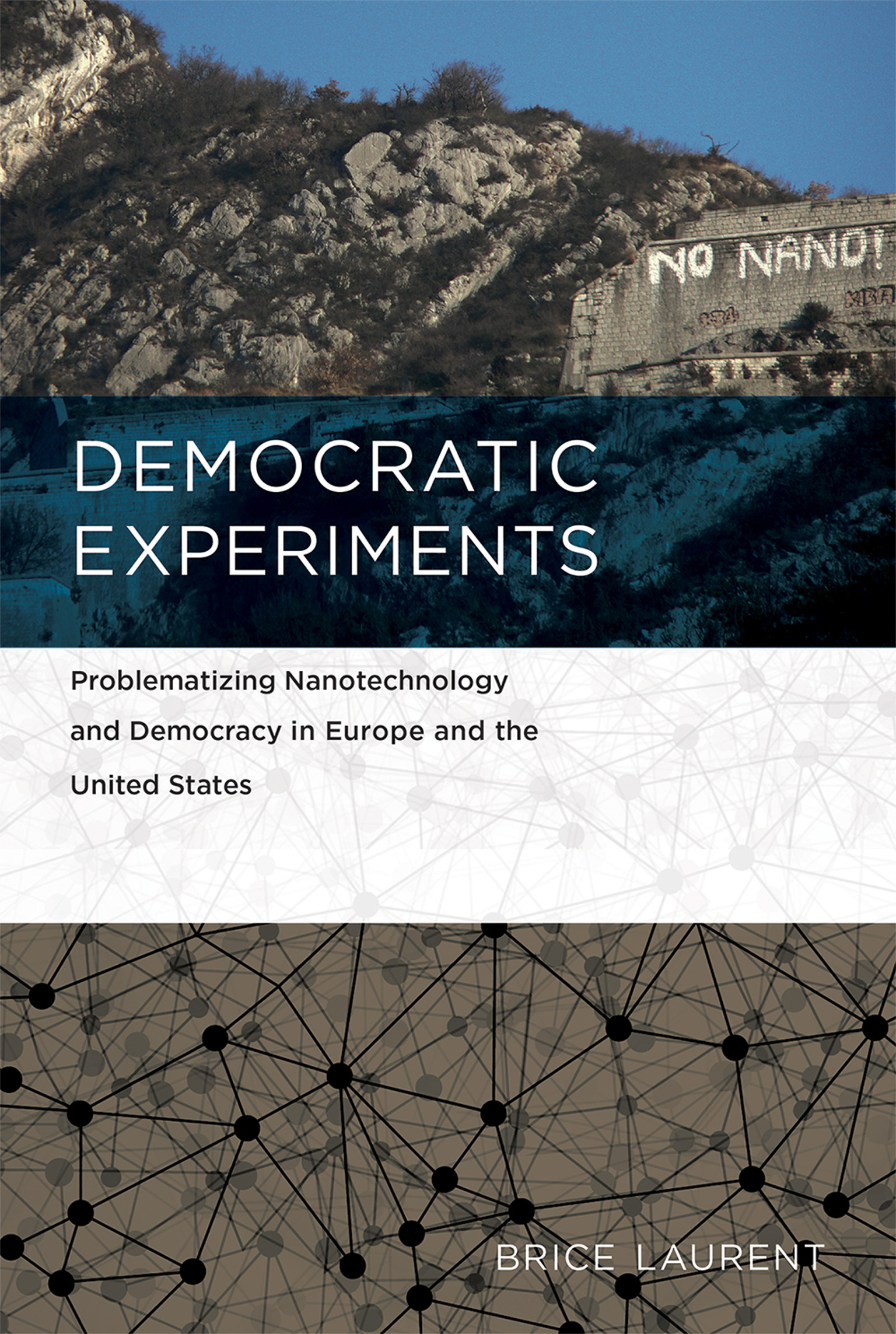
Democratic Experiments An examination of nanotechnology as a lens through which to study contemporary democracy in both theory and practice. In Democratic Experiments, Brice Laurent discusses the challenges that emerging technologies create for democracy today. He focuses on nanotechnology and its attendant problems, proposing nanotechnology as a lens through which to understand contemporary democracy in both theory and practice. Arguing that democracy is at stake where nanotechnology is defined as a problem, Laurent examines the sites where nanotechnology is discussed and debated by scientists, policymakers, and citizens. It is at these sites where the joint production of nanotechnology and the democratic order can be observed. Focusing on the United States, France, and Europe, and various international organizations, Laurent analyzes representations of nanotechnology in science museums, collective discussions in participatory settings, the making of categories such as “nanomaterials” or responsible innovation” in standardization and regulatory arenas, and initiatives undertaken by social movements. He contrasts American debates, in which the concern for public objectivity is central, with the French “state experiment,” the European goal of harmonization, and the international concern with a global market. In France, public debate proceeded in response to public protest and encountered a radical critique of technological development; the United States experimented with an innovative approach to technology assessment. The European regulatory approach results in lengthy debates over political integration; the United States relies on the adversarial functioning of federal agencies. Because nanotechnology is a domain where concerns over anticipation and participation are pervasive, Laurent argues, nanotechnology—and science and technology studies more generally—provides a relevant focus for a renewed analysis of democracy. TECHNOLOGY & ENGINEERING,Nanotechnology & MEMS
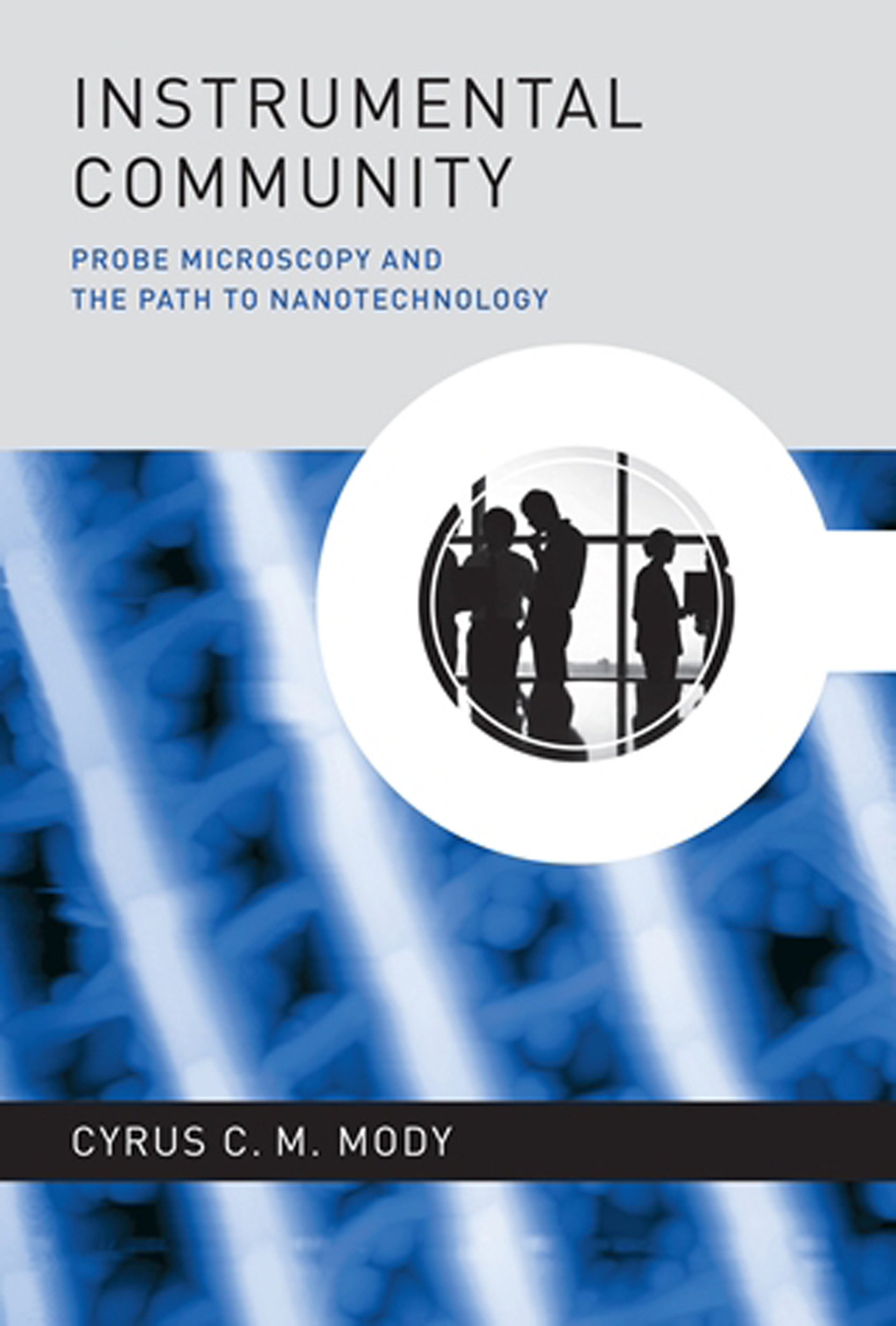
Instrumental Community How networked structures of collaboration and competition within a community of researchers led to the invention, spread, and commercialization of scanning probe microscopy. The scanning tunneling microscope (STM) has been hailed as the “key enabling discovery for nanotechnology,” the catalyst for a scientific field that attracts nearly $20 billion in funding each year. In Instrumental Community, Cyrus Mody argues that this technology-centric view does not explain how these microscopes helped to launch nanotechnology—and fails to acknowledge the agency of the microscopists in making the STM and its variants critically important tools. Mody tells the story of the invention, spread, and commercialization of scanning probe microscopy in terms of the networked structures of collaboration and competition that came into being within a diverse, colorful, and sometimes fractious community of researchers. By forming a community, he argues, these researchers were able to innovate rapidly, share the microscopes with a wide range of users, and generate prestige (including the 1986 Nobel Prize in Physics) and profit (as the technology found applications in industry). Mody shows that both the technology of probe microscopy and the community model offered by the probe microscopists contributed to the development of political and scientific support for nanotechnology and the global funding initiatives that followed. In the course of his account, Mody charts the shifts in U.S. science policy over the last forty years—from the decline in federal basic research funding in the 1970s through the rise in academic patenting in the 1980s to the emergence of nanotechnology discourse in the 1990s—that have resulted in today's increasing emphasis on the commercialization of academic research. TECHNOLOGY & ENGINEERING,Nanotechnology & MEMS
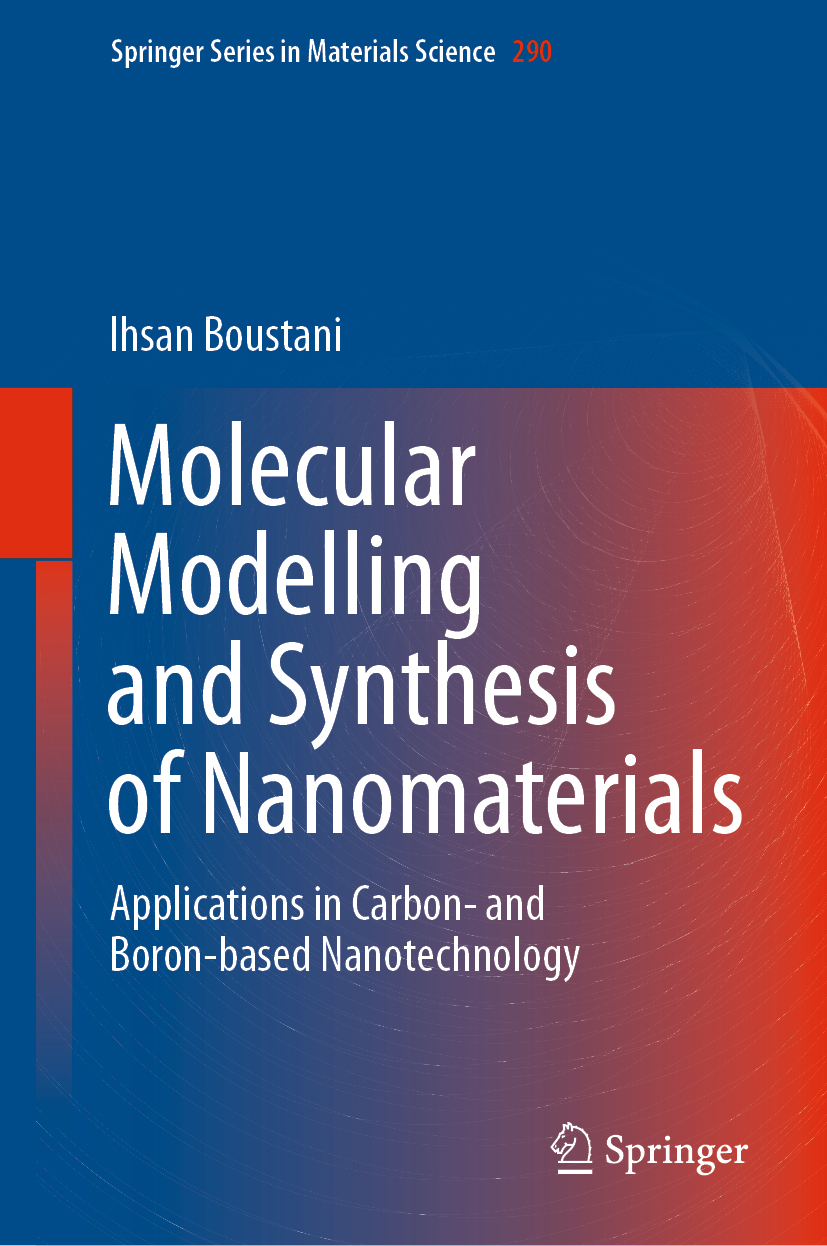
Molecular Modelling and Synthesis of Nanomaterials This book presents nanomaterials as predicted by computational modelling and numerical simulation tools, and confirmed by modern experimental techniques. It begins by summarizing basic theoretical methods, then giving both a theoretical and experimental treatment of how alkali metal clusters develop into nanostructures, as influenced by the cluster's "magic number" of atoms. The book continues with a discussion of atomic clusters and nanostructures, focusing primarily on boron and carbon, exploring, in detail, the one-, two-, and three-dimensional structures of boron and carbon, and describing their myriad potential applications in nanotechnology, from nanocoating and nanosensing to nanobatteries with high borophene capacity. The broad discussion of computational modelling as well as the specific applications to boron and carbon, make this book an essential reference resource for materials scientists in this field of research. TECHNOLOGY & ENGINEERING,Nanotechnology & MEMS

A New Era for Microbial Corrosion Mitigation Using Nanotechnology This book focuses on corrosion and microbial corrosion, providing solutions for these problems based on nanotechnology and nanobiotechnology. It introduces the causes, consequences, cost and control of corrosion processes. It gives a particular emphasis on microbial corrosion of steel and other metals in oil, gas and shipping industries. The book presents the materials vulnerable to such kind of corrosion, and the use of nanomaterials to control it. TECHNOLOGY & ENGINEERING,Nanotechnology & MEMS
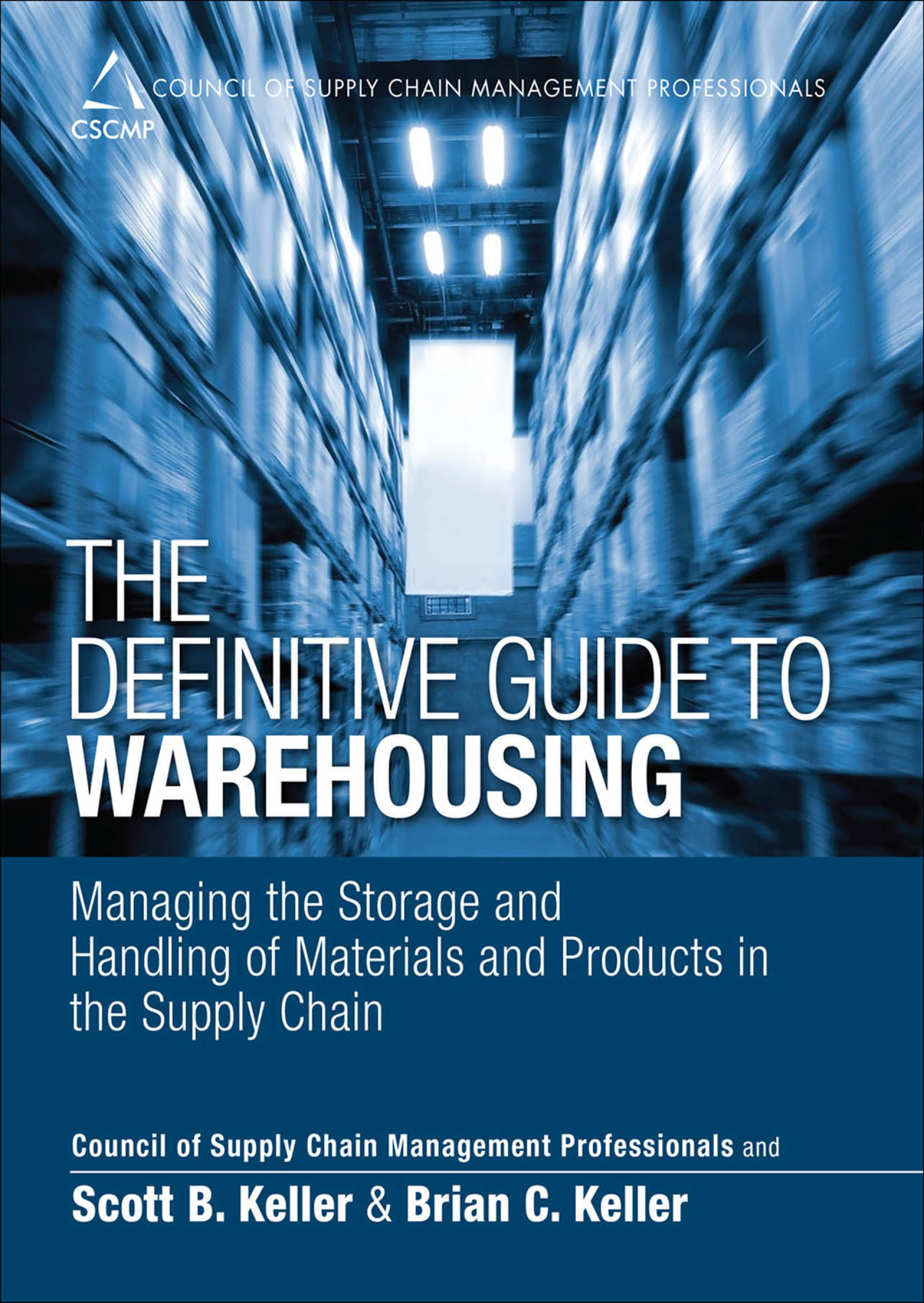
Definitive Guide to Warehousing, The This is the most authoritative and complete guide to planning, implementing, measuring, and optimising world-class supply chain warehousing processes. Straight from the Council of Supply Chain Management Professionals (CSCMP), it explains each warehousing option, basic warehousing storage and handling operations, strategic planning, and the effects of warehousing design and service decisions on total logistics costs and customer service. This reference introduces crucial concepts including product handling, labor management, warehouse support, and extended value chain processes, facility ownership, planning, and strategy decisions; materials handling; warehouse management systems; Auto-ID, AGVs, and much more. Step by step, The Definitive Guide to Warehousing helps you optimise all facets of warehousing, one of the most pivotal areas of supply chain management. Coverage includes: Basic warehousing management concepts and their essential role in demand fulfillment Key elements, processes, and interactions in warehousing operations management Principles and strategies for effectively planning and managing warehouse operations Principles and strategies for designing materials handling operations in warehousing facilities Critical roles of technology in managing warehouse operations and product flows Best practices for assessing the performance of warehousing operations using standard metrics and frameworks The full text downloaded to your computer With eBooks you can: search for key concepts, words and phrases make highlights and notes as you study share your notes with friends eBooks are downloaded to your computer and accessible either offline through the Bookshelf (available as a free download), available online and also via the iPad and Android apps. Upon purchase, you will receive via email the code and instructions on how to access this product. Time limit The eBooks products do not have an expiry date. You will continue to access your digital ebook products whilst you have your Bookshelf installed. TECHNOLOGY & ENGINEERING,Operations Research
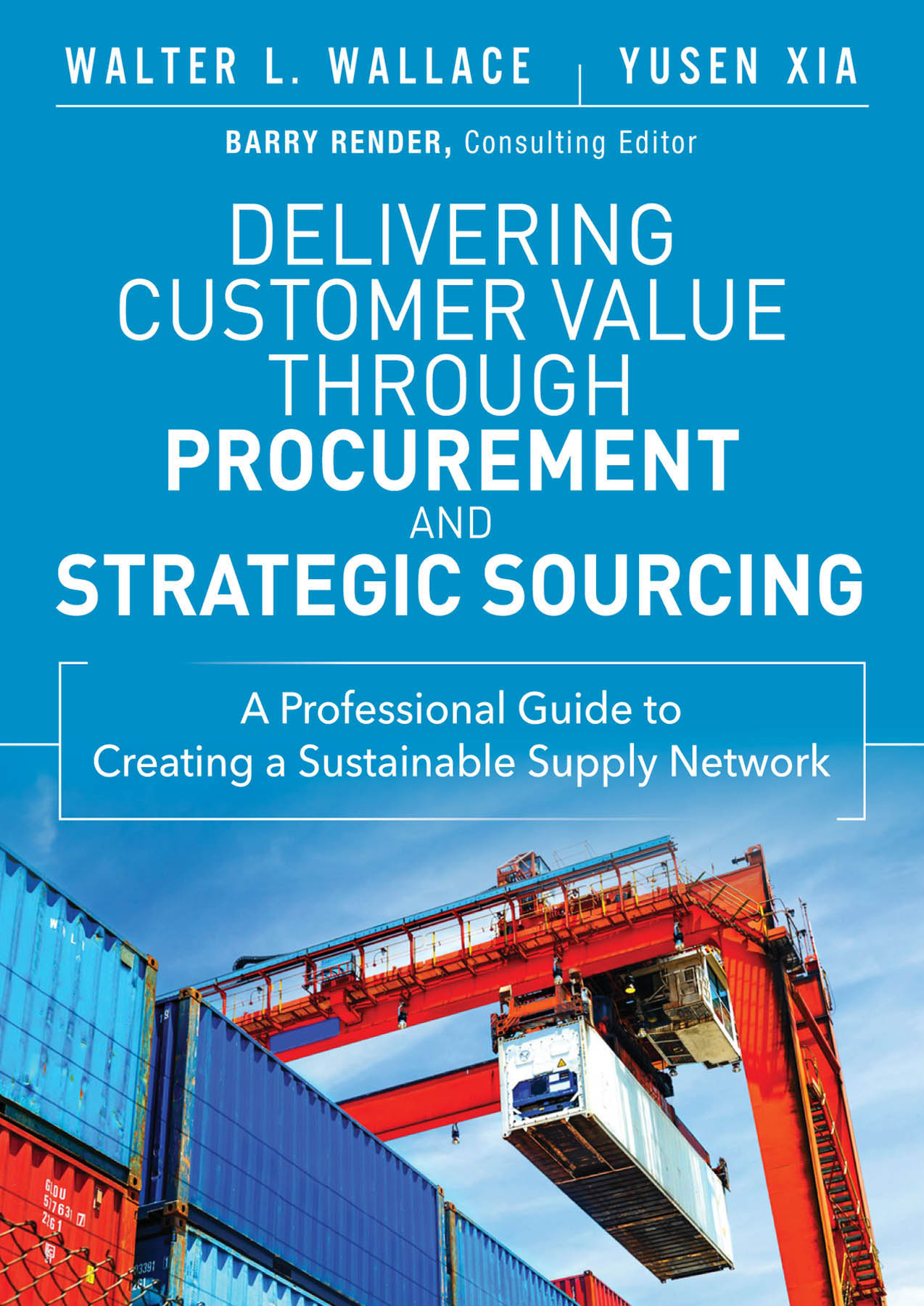
Delivering Customer Value through Procurement and Strategic Sourcing This is the complete executive's guide to driving sustainable competitive advantage and mitigating risk in today's complex supply networks. Two of the field's leading consultants show senior managers how to apply advanced strategic sourcing to significantly improve your supply chain's efficiency, effectiveness, and sustainability. Drawing on their cutting-edge research, Yusen Xia and Walter L. Wallace help you go beyond mere cost-cutting and contract management to redesign and orchestrate your entire multi-tier supply chain. Wallace and Xia present powerful case studies and lessons from UPS, Coca-Cola, Home Depot, Shaw Industries, and other pioneers. You'll learn how to: Bring together the multiple business disciplines whose work impacts sourcing and procurement Use strategic sourcing techniques to create a more sustainable supply chain Integrate the use of emission permits into your strategic sourcing programs Manage procurement when the cost of raw materials fluctuates widely Effectively utilize financial hedging in strategic sourcing Deepen your understanding of contemporary buyer-supplier relationships Implement strategic lead-time management Increase visibility as a way to become more demand-driven Take advantage of recent advances in e-sourcing and e-procurement More effectively manage risk and uncertainty in your supply network Make better outsourcing/insourcing decisions in global supply chains If you're a senior manager who wants to transform sourcing and procurement into a key competitive differentiator, this book will help you deliver the goods. TECHNOLOGY & ENGINEERING,Operations Research
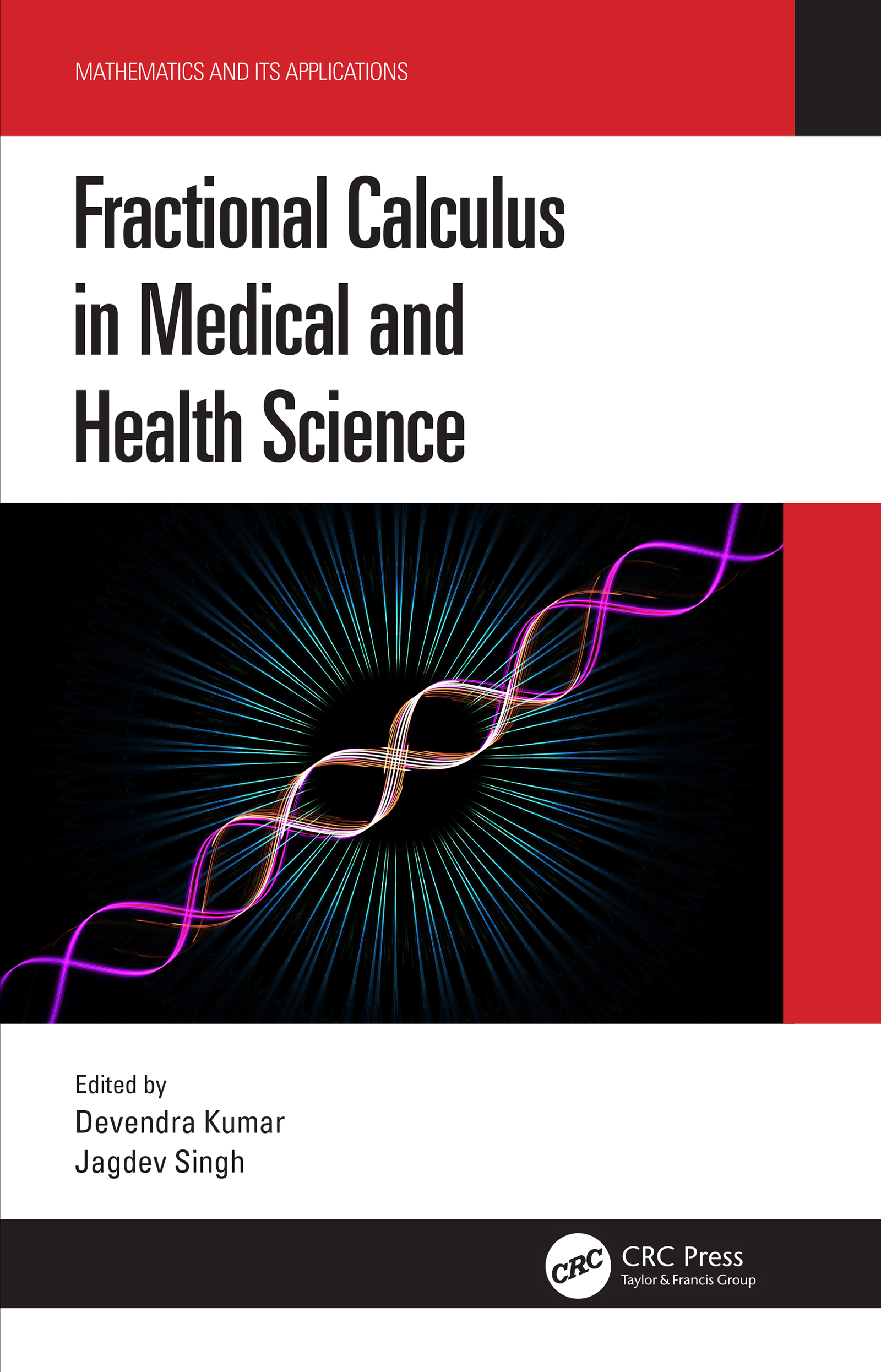
Fractional Calculus in Medical and Health Science This book covers applications of fractional calculus used for medical and health science. It offers a collection of research articles built into chapters on classical and modern dynamical systems formulated by fractional differential equations describing human diseases and how to control them. The mathematical results included in the book will be helpful to mathematicians and doctors by enabling them to explain real-life problems accurately. The book will also offer case studies of real-life situations with an emphasis on describing the mathematical results and showing how to apply the results to medical and health science, and at the same time highlighting modeling strategies. The book will be useful to graduate level students, educators and researchers interested in mathematics and medical science. TECHNOLOGY & ENGINEERING,Operations Research

Polarized Light in Optics and Spectroscopy This comprehensive introduction to polarized light provides students and researchers with the background and the specialized knowledge needed to fully utilize polarized light. It provides a basic introduction to the interaction of light with matter for those unfamiliar with photochemistry and photophysics. An in-depth discussion of polarizing optics is also given. Different analytical techniques are introduced and compared and introductions to the use of polarized light in various forms of spectroscopy are provided. Starts at a basic level and develops tools for research problems Discusses practical devices for controlling polarized light Compares the Jones, Mueller, and Poincaré sphere methods of analysis TECHNOLOGY & ENGINEERING,Optics
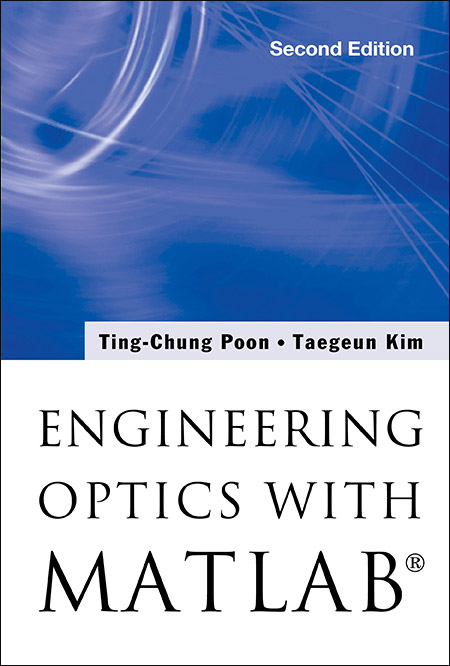
Engineering Optics With Matlab® (Second Edition) This invaluable second edition provides more in-depth discussions and examples in various chapters. Based largely on the authors' own in-class lectures as well as research in the area, the comprehensive textbook serves two purposes. The first introduces some traditional topics such as matrix formalism of geometrical optics, wave propagation and diffraction, and some fundamental background on Fourier optics. The second presents the essentials of acousto-optics and electro-optics, and provides the students with experience in modeling the theory and applications using a commonly used software tool MATLAB®. TECHNOLOGY & ENGINEERING,Optics

Colour and the Optical Properties of Materials The updated third edition of the only textbook on colour The revised third edition of Colour and the Optical Properties of Materials focuses on the ways that colour is produced, both in the natural world and in a wide range of applications. The expert author offers an introduction to the science underlying colour and optics and explores many of the most recent applications. The text is divided into three main sections: behaviour of light in homogeneous media, which can largely be explained by classical wave optics; the way in which light interacts with atoms or molecules, which must be explained mainly in terms of photons; and the interaction of light with insulators, semiconductors and metals, in which the band structure notions are of primary concern. The updated third edition retains the proven concepts outlined in the previous editions and contains information on the significant developments in the field with many figures redrawn and new material added. The text contains new or extended sections on photonic crystals, holograms, flat lenses, super-resolution optical microscopy and modern display technologies. This important book: Offers and introduction to the science that underlies the everyday concept of colour Reviews the cross disciplinary subjects of physics, chemistry, biology and materials science, to link light, colour and perception Includes information on many modern applications, such as the numerous different colour displays now available, optical amplifiers lasers, super-resolution optical microscopy and lighting including LEDs and OLEDs Contains new sections on photonic crystals, holograms, flat lenses, super-resolution optical microscopy and display technologies Presents many worked examples, with problems and exercises at the end of each chapter Written for students in materials science, physics, chemistry and the biological sciences, the third edition of Colour and The Optical Properties of Materials covers the basic science of the topic and has been thoroughly updated to include recent advances in the field. TECHNOLOGY & ENGINEERING,Optics
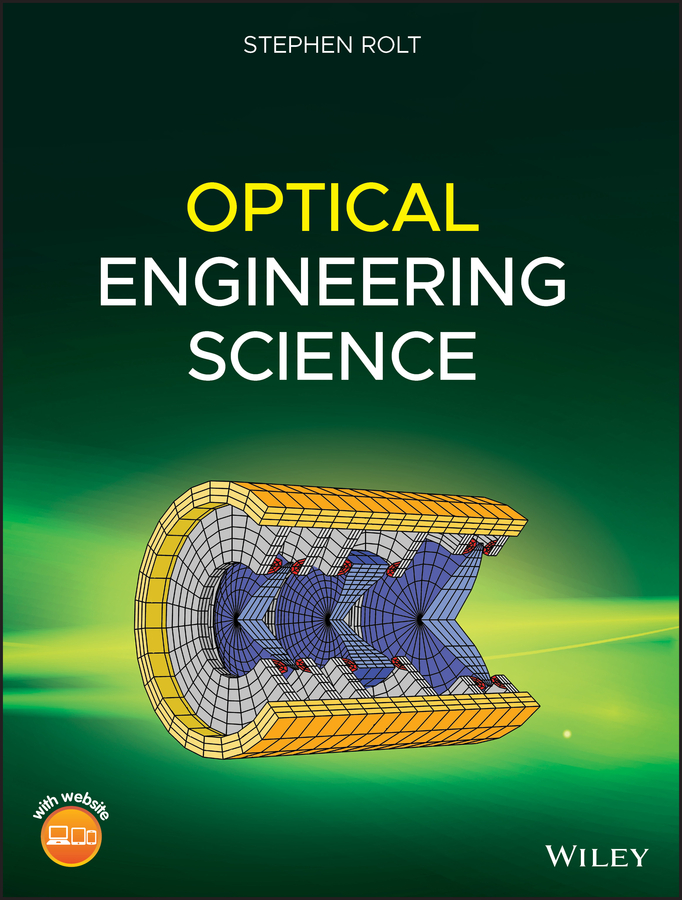
Optical Engineering Science A practical guide for engineers and students that covers a wide range of optical design and optical metrology topics Optical Engineering Science offers a comprehensive and authoritative review of the science of optical engineering. The book bridges the gap between the basic theoretical principles of classical optics and the practical application of optics in the commercial world. Written by a noted expert in the field, the book examines a range of practical topics that are related to optical design, optical metrology and manufacturing. The book fills a void in the literature by coving all three topics in a single volume. Optical engineering science is at the foundation of the design of commercial optical systems, such as mobile phone cameras and digital cameras as well as highly sophisticated instruments for commercial and research applications. It spans the design, manufacture and testing of space or aerospace instrumentation to the optical sensor technology for environmental monitoring. Optics engineering science has a wide variety of applications, both commercial and research. This important book: Offers a comprehensive review of the topic of optical engineering Covers topics such as optical fibers, waveguides, aspheric surfaces, Zernike polynomials, polarisation, birefringence and more Targets engineering professionals and students Filled with illustrative examples and mathematical equations Written for professional practitioners, optical engineers, optical designers, optical systems engineers and students, Optical Engineering Science offers an authoritative guide that covers the broad range of optical design and optical metrology topics and their applications. TECHNOLOGY & ENGINEERING,Optics
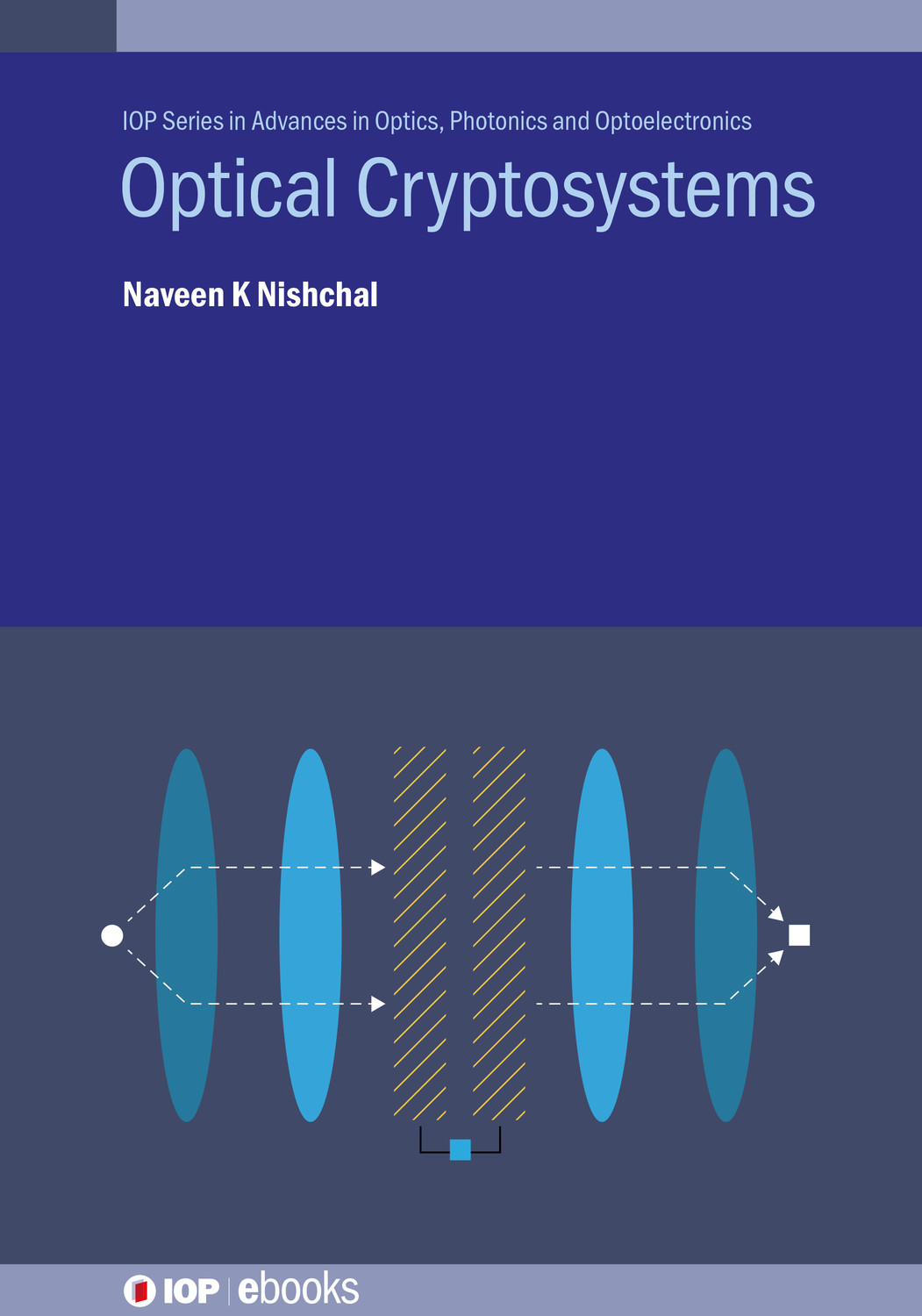
Optical Cryptosystems Optical Cryptosystems introduces the subject of optical cryptography and provides up-to-date coverage of optical security schemes. Optical principles, approaches, and algorithms are discussed as well as applications, including image/data encryption–decryption, watermarking, image/data hiding, and authentication verification. TECHNOLOGY & ENGINEERING,Optics

Chemistry of Petrochemical Processes In Chemistry of Petrochemical Processes, readers find a handy and valuable source of information containing insights into petrochemical reactions and products, process technology, and polymer synthesis. The book reviews and describes the reactions and processes involved in transforming petroleum-based hydrocarbons into the chemicals that form the basis of the multi-billion dollar petrochemical industry. In addition, the book includes information on new process developments for the production of raw materials and intermediates for petrochemicals that have surfaced since the book's first edition. Provides a quick understanding of the chemical reactions associated with oil and gas processing Contains insights into petrochemical reactions and products, process technology, and polymer synthesis TECHNOLOGY & ENGINEERING,Petroleum
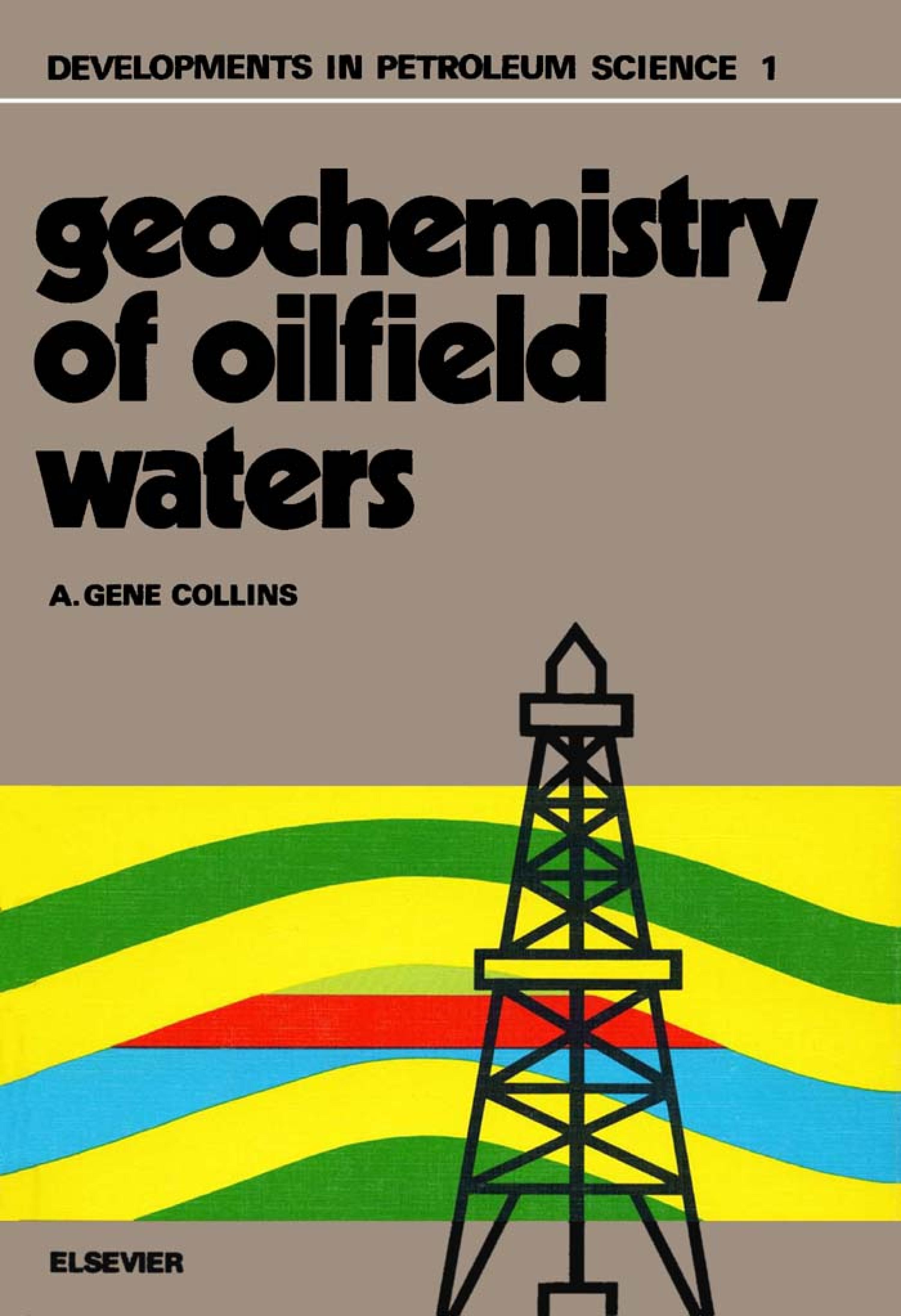
Geochemistry of oilfield waters Geochemistry of oilfield waters TECHNOLOGY & ENGINEERING,Petroleum

Production and transport of oil and gas Production and transport of oil and gas TECHNOLOGY & ENGINEERING,Petroleum
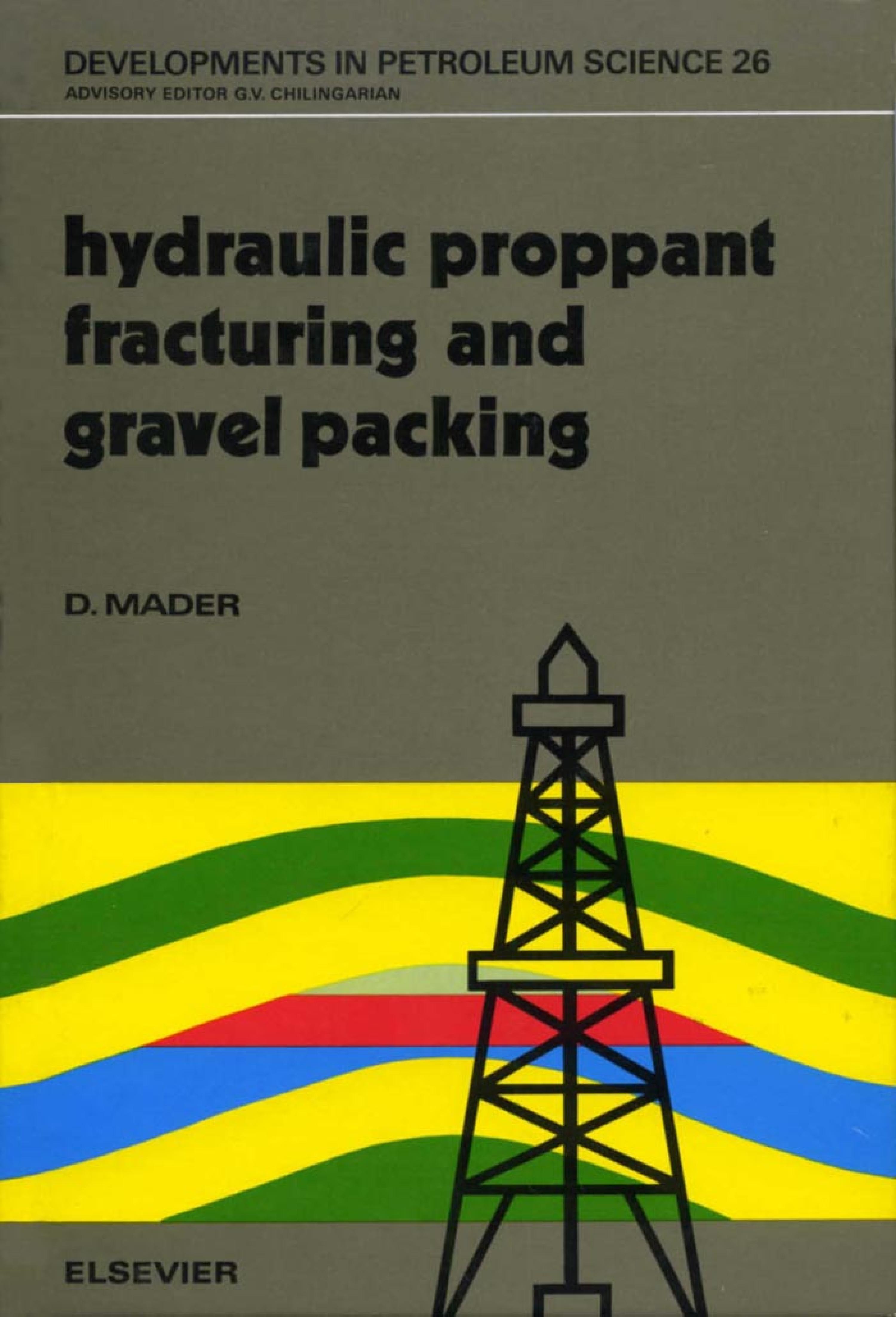
Hydraulic Proppant Fracturing and Gravel Packing Many aspects of hydraulic proppant fracturing have changed since its innovation in 1947. The main significance of this book is its combination of technical and economical aspects to provide an integrated overview of the various applications of proppants in hydraulic fracturing, and gravel in sand control. The monitoring of fractures and gravel packs by well-logging and seismic techniques is also included. The book's extensive coverage of the subject should be of special interest to reservoir geologists and engineers, production engineers and technologists, and well log analysts. TECHNOLOGY & ENGINEERING,Petroleum

Finding Oil Oil has made fortunes, caused wars, and shaped nations. Accordingly, no one questions the idea that the quest for oil is a quest for power. The question we should ask, Finding Oil suggests, is what kind of power prospectors have wanted. This book revises oil’s early history by exploring the incredibly varied stories of the men who pitted themselves against nature to unleash the power of oil. Brian Frehner shows how, despite the towering presence of a figure like John D. Rockefeller as a quintessential “oil man,†prospectors were a diverse lot who saw themselves, their interests, and their relationships with nature in profoundly different ways. He traces their various pursuits of power from 1859 to 1920 as a struggle for cultural, intellectual, and professional authority, over both nature and their peers. Here we see how some saw power as the work they did exploring and drilling into landscapes, while others saw it in the intellectual work of explaining how and where oil accumulated. Charting the intersection of human and natural history, their story traces the ever-evolving relationship between science and industry and reveals the unsuspected role geology played in shaping our understanding of the history of oil. TECHNOLOGY & ENGINEERING,Petroleum
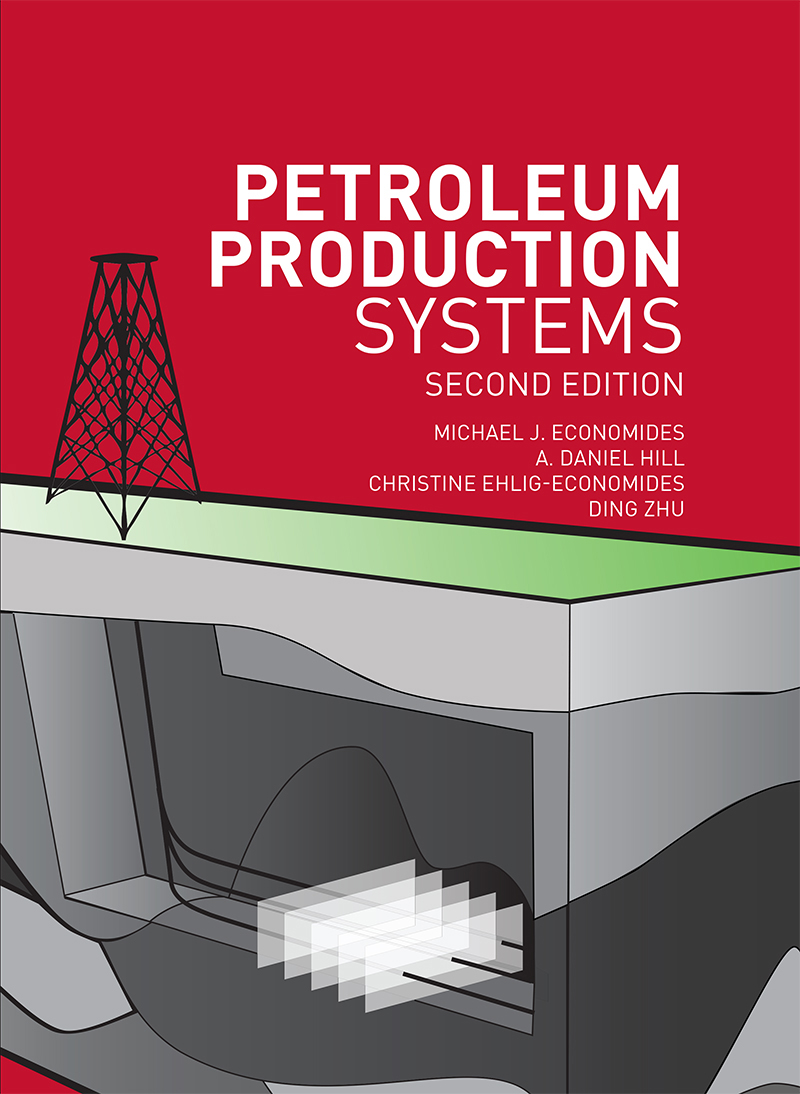
Petroleum Production Systems The Definitive Guide to Petroleum Production Systems–Now Fully Updated With the Industry’s Most Valuable New Techniques Petroleum Production Systems, Second Edition, is the comprehensive source for clear and fundamental methods for about modern petroleum production engineering practice. Written by four leading experts, it thoroughly introduces modern principles of petroleum production systems design and operation, fully considering the combined behavior of reservoirs, surface equipment, pipeline systems, and storage facilities. Long considered the definitive text for production engineers, this edition adds extensive new coverage of hydraulic fracturing, with emphasis on well productivity optimization. It presents new chapters on horizontal wells and well performance evaluation, including production data analysis and sand management. This edition features A structured approach spanning classical production engineering, well testing, production logging, artificial lift, and matrix and hydraulic fracture stimulation Revisions throughout to reflect recent innovations and extensive feedback from both students and colleagues Detailed coverage of modern best practices and their rationales Unconventional oil and gas well design Many new examples and problems Detailed data sets for three characteristic reservoir types: an undersaturated oil reservoir, a saturated oil reservoir, and a gas reservoir TECHNOLOGY & ENGINEERING,Petroleum
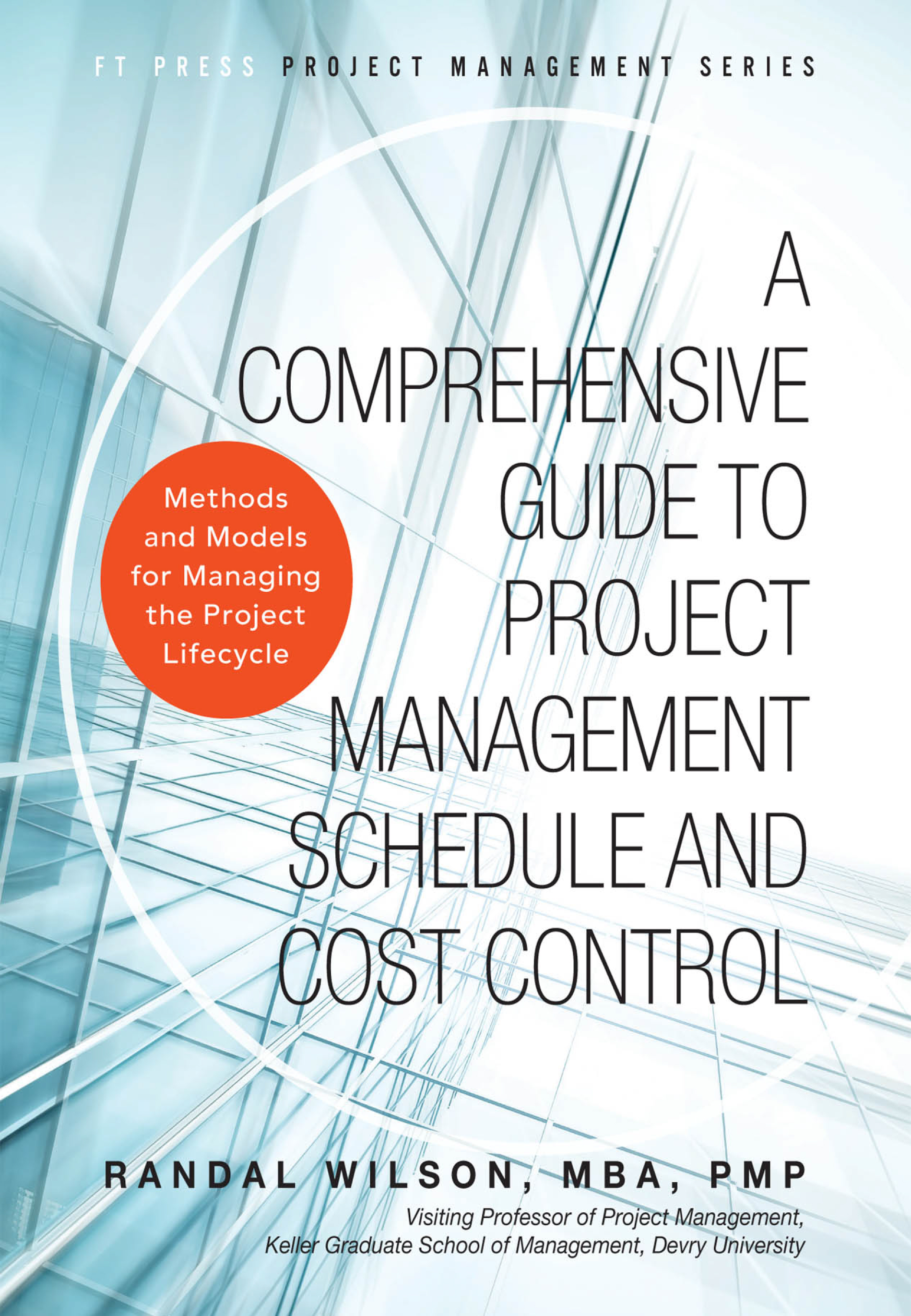
Comprehensive Guide to Project Management Schedule and Cost Control, A Master all the modern project scheduling and cost control techniques you need, in one focused tutorial! Randal Wilson's Project Schedule & Cost Control isn't your typical project management guide: it's 100% focused on the specific principles, techniques, and best-practice methodologies of scheduling and cost control. Wilson illuminates key issues through the extensive use of graphs, charts, case studies, and worked examples; and calls your attention to crucial issues that "generic" PM books ignore. Coverage includes: Project structures, including differences between projects and programs, and how those differences affect costing and scheduling Initiation: how projects start, how to develop project charters and stakeholder registers, and how to manage stakeholders Planning, in depth: what costs must be addressed, and what schedule constraints must be considered Project schedule analysis: activity definition, WBS, and work packages; activity sequencing and diagramming; proven methodologies for estimating resources and activity durations; and schedule development Project cost analysis: gathering and estimating all project costs, including labor, materials, vendor bids, subcontractors, contracts, equipment, facilities, and direct/indirect costs. Budgeting via top-down, bottom-up, and activity-based methods Project monitoring and control: earned value, tracking Gantt, S-Curves, performance reviews, milestone analysis, change control systems, estimate at completion, forecasting, and much more For both project management newcomers and working project managers who need to sharpen their skills TECHNOLOGY & ENGINEERING,Petroleum
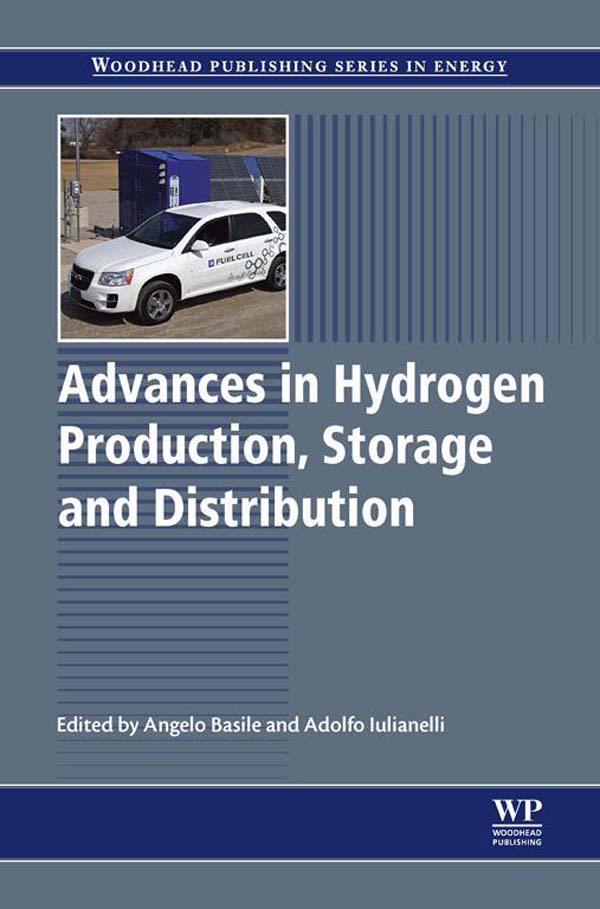
Advances in Hydrogen Production, Storage and Distribution Advances in Hydrogen Production, Storage and Distribution reviews recent developments in this key component of the emerging "hydrogen economy," an energy infrastructure based on hydrogen. Since hydrogen can be produced without using fossil fuels, a move to such an economy has the potential to reduce greenhouse gas emissions and improve energy security. However, such a move also requires the advanced production, storage and usage techniques discussed in this book. Part one introduces the fundamentals of hydrogen production, storage, and distribution, including an overview of the development of the necessary infrastructure, an analysis of the potential environmental benefits, and a review of some important hydrogen production technologies in conventional, bio-based, and nuclear power plants. Part two focuses on hydrogen production from renewable resources, and includes chapters outlining the production of hydrogen through water electrolysis, photocatalysis, and bioengineered algae. Finally, part three covers hydrogen production using inorganic membrane reactors, the storage of hydrogen, fuel cell technology, and the potential of hydrogen as a fuel for transportation. Advances in Hydrogen Production, Storage and Distribution provides a detailed overview of the components and challenges of a hydrogen economy. This book is an invaluable resource for research and development professionals in the energy industry, as well as academics with an interest in this important subject. Reviews developments and research in this dynamic area Discusses the challenges of creating an infrastructure to store and distribute hydrogen Reviews the production of hydrogen using electrolysis and photo-catalytic methods TECHNOLOGY & ENGINEERING,Petroleum
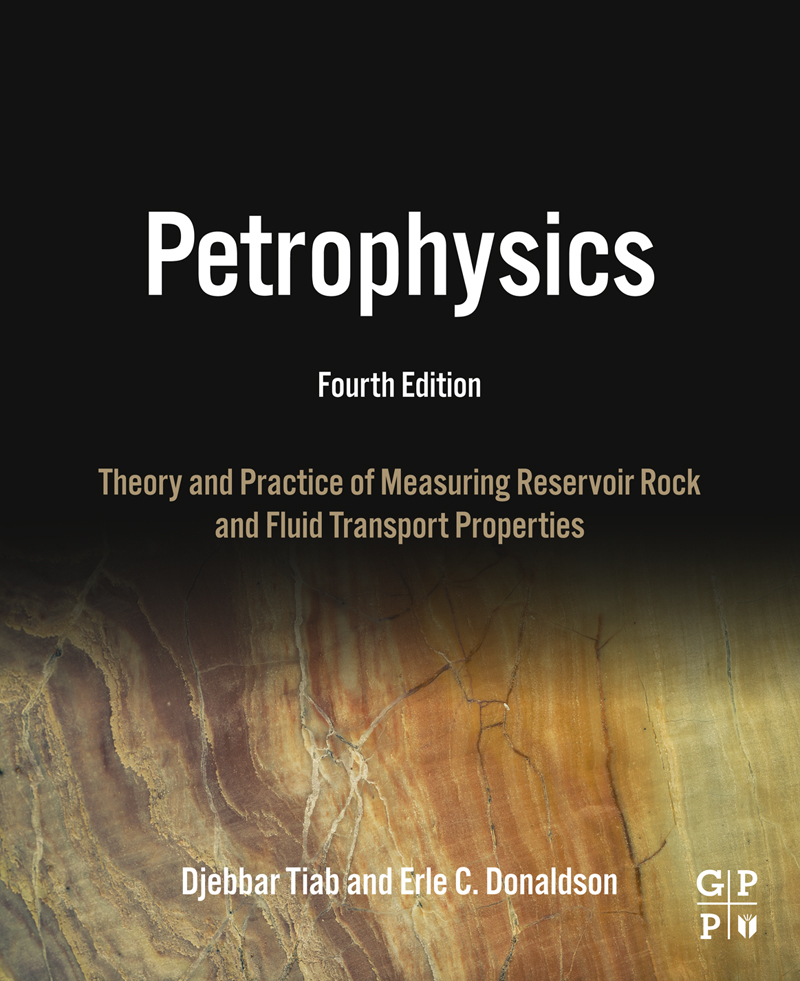
Petrophysics Petrophysics: Theory and Practice of Measuring Reservoir Rock and Fluid Transport Properties, Fourth Edition provides users with tactics that will help them understand rock-fluid interaction, a fundamental step that is necessary for all reservoir engineers to grasp in order to achieve the highest reservoir performance. The book brings the most comprehensive coverage on the subject matter, and is the only training tool for all reservoir and production engineers entering the oil and gas industry. This latest edition is enhanced with new real-world case studies, the latest advances in reservoir characterization, and a new chapter covering unconventional oil and gas reservoirs, including coverage on production techniques, reservoir characteristics, and the petrophysical properties of tight gas sands from NMR logs. Strengthened with a new chapter on shale oil and gas, adding the latest technological advances in the field today Covers topics relating to porous media, permeability, fluid saturation, well logs, Dykstra-Parson, capillary pressure, wettability, Darcy's law, Hooke's law, reservoir characterization, filter-cake, and more Updated with relevant practical case studies to enhance on the job training Continues its longstanding, 20-year history as the leading book on petrophysics TECHNOLOGY & ENGINEERING,Petroleum
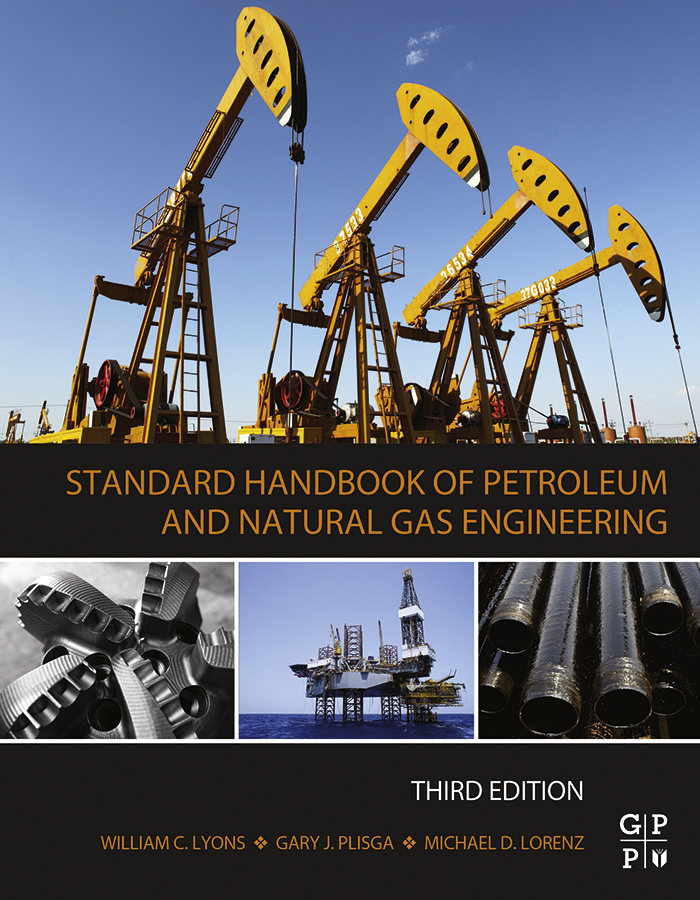
Standard Handbook of Petroleum and Natural Gas Engineering Standard Handbook of Petroleum and Natural Gas Engineering, Third Edition, provides you with the best, state-of-the-art coverage for every aspect of petroleum and natural gas engineering. With thousands of illustrations and 1,600 information-packed pages, this handbook is a handy and valuable reference. Written by dozens of leading industry experts and academics, the book provides the best, most comprehensive source of petroleum engineering information available. Now in an easy-to-use single volume format, this classic is one of the true "must haves" in any petroleum or natural gas engineer's library. A classic for over 65 years, this book is the most comprehensive source for the newest developments, advances, and procedures in the oil and gas industry. New to this edition are materials covering everything from drilling and production to the economics of the oil patch. Updated sections include: underbalanced drilling; integrated reservoir management; and environmental health and safety. The sections on natural gas have been updated with new sections on natural gas liquefaction processing, natural gas distribution, and transport. Additionally there are updated and new sections on offshore equipment and operations, subsea connection systems, production control systems, and subsea control systems. Standard Handbook of Petroleum and Natural Gas Engineering, Third Edition, is a one-stop training tool for any new petroleum engineer or veteran looking for a daily practical reference. Presents new and updated sections in drilling and production Covers all calculations, tables, and equations for every day petroleum engineers Features new sections on today's unconventional resources and reservoirs TECHNOLOGY & ENGINEERING,Petroleum

Petroleum Production Engineering Petroleum Production Engineering, Second Edition, updates both the new and veteran engineer on how to employ day-to-day production fundamentals to solve real-world challenges with modern technology. Enhanced to include equations and references with today’s more complex systems, such as working with horizontal wells, workovers, and an entire new section of chapters dedicated to flow assurance, this go-to reference remains the most all-inclusive source for answering all upstream and midstream production issues. Completely updated with five sections covering the entire production spectrum, including well productivity, equipment and facilities, well stimulation and workover, artificial lift methods, and flow assurance, this updated edition continues to deliver the most practical applied production techniques, answers, and methods for today’s production engineer and manager. In addition, updated Excel spreadsheets that cover the most critical production equations from the book are included for download. Updated to cover today’s critical production challenges, such as flow assurance, horizontal and multi-lateral wells, and workovers Guides users from theory to practical application with the help of over 50 online Excel spreadsheets that contain basic production equations, such as gas lift potential, multilateral gas well deliverability, and production forecasting Delivers an all-inclusive product with real-world answers for training or quick look up solutions for the entire petroleum production spectrum TECHNOLOGY & ENGINEERING,Petroleum
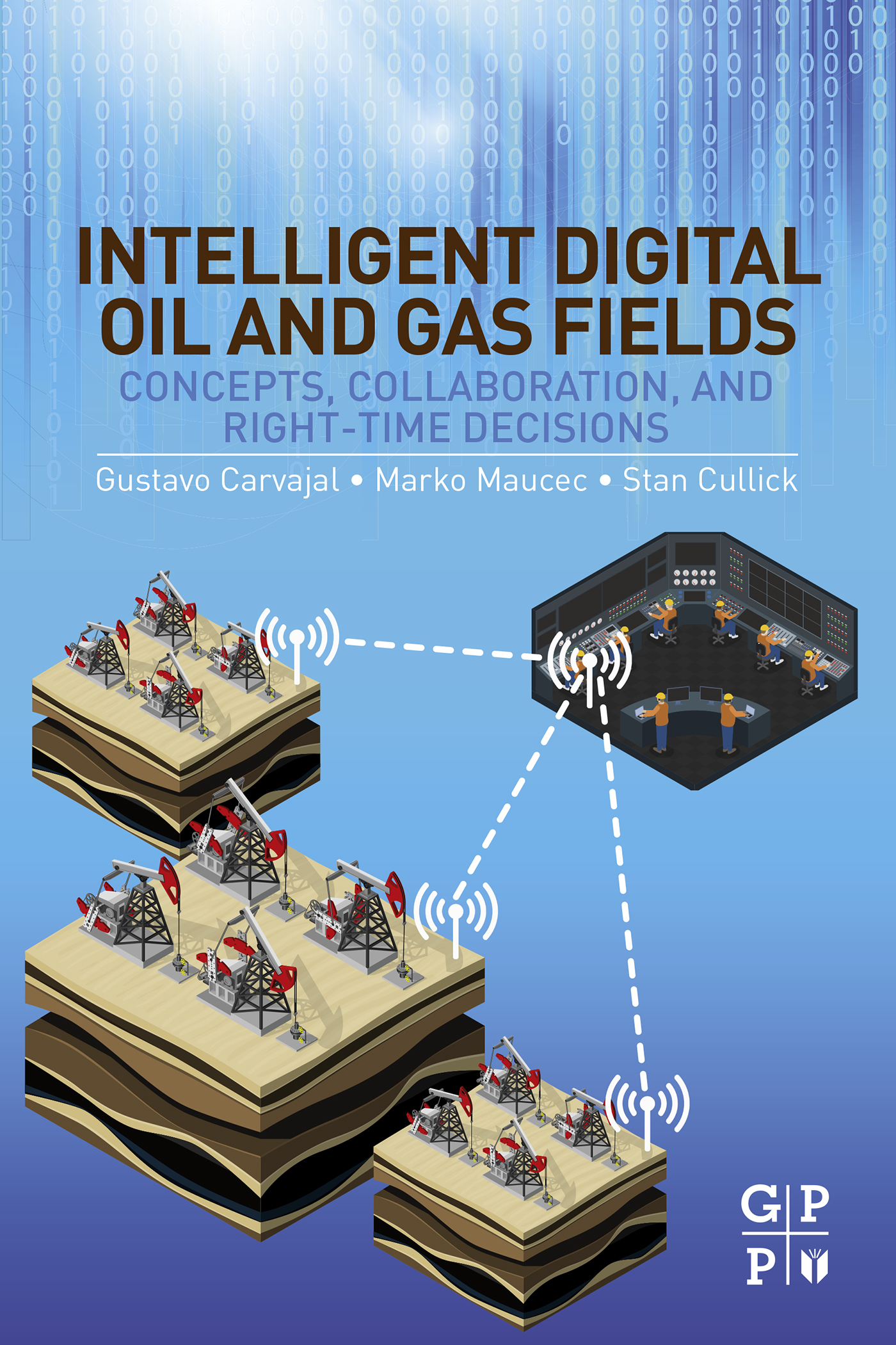
Intelligent Digital Oil and Gas Fields Intelligent Digital Oil and Gas Fields: Concepts, Collaboration, and Right-time Decisions delivers to the reader a roadmap through the fast-paced changes in the digital oil field landscape of technology in the form of new sensors, well mechanics such as downhole valves, data analytics and models for dealing with a barrage of data, and changes in the way professionals collaborate on decisions. The book introduces the new age of digital oil and gas technology and process components and provides a backdrop to the value and experience industry has achieved from these in the last few years. The book then takes the reader on a journey first at a well level through instrumentation and measurement for real-time data acquisition, and then provides practical information on analytics on the real-time data. Artificial intelligence techniques provide insights from the data. The road then travels to the "integrated asset" by detailing how companies utilize Integrated Asset Models to manage assets (reservoirs) within DOF context. From model to practice, new ways to operate smart wells enable optimizing the asset. Intelligent Digital Oil and Gas Fields is packed with examples and lessons learned from various case studies and provides extensive references for further reading and a final chapter on the "next generation digital oil field," e.g., cloud computing, big data analytics and advances in nanotechnology. This book is a reference that can help managers, engineers, operations, and IT experts understand specifics on how to filter data to create useful information, address analytics, and link workflows across the production value chain enabling teams to make better decisions with a higher degree of certainty and reduced risk. Covers multiple examples and lessons learned from a variety of reservoirs from around the world and production situations Includes techniques on change management and collaboration Delivers real and readily applicable knowledge on technical equipment, workflows and data challenges such as acquisition and quality control that make up the digital oil and gas field solutions of today Describes collaborative systems and ways of working and how companies are transitioning work force to use the technology and making more optimal decisions TECHNOLOGY & ENGINEERING,Petroleum
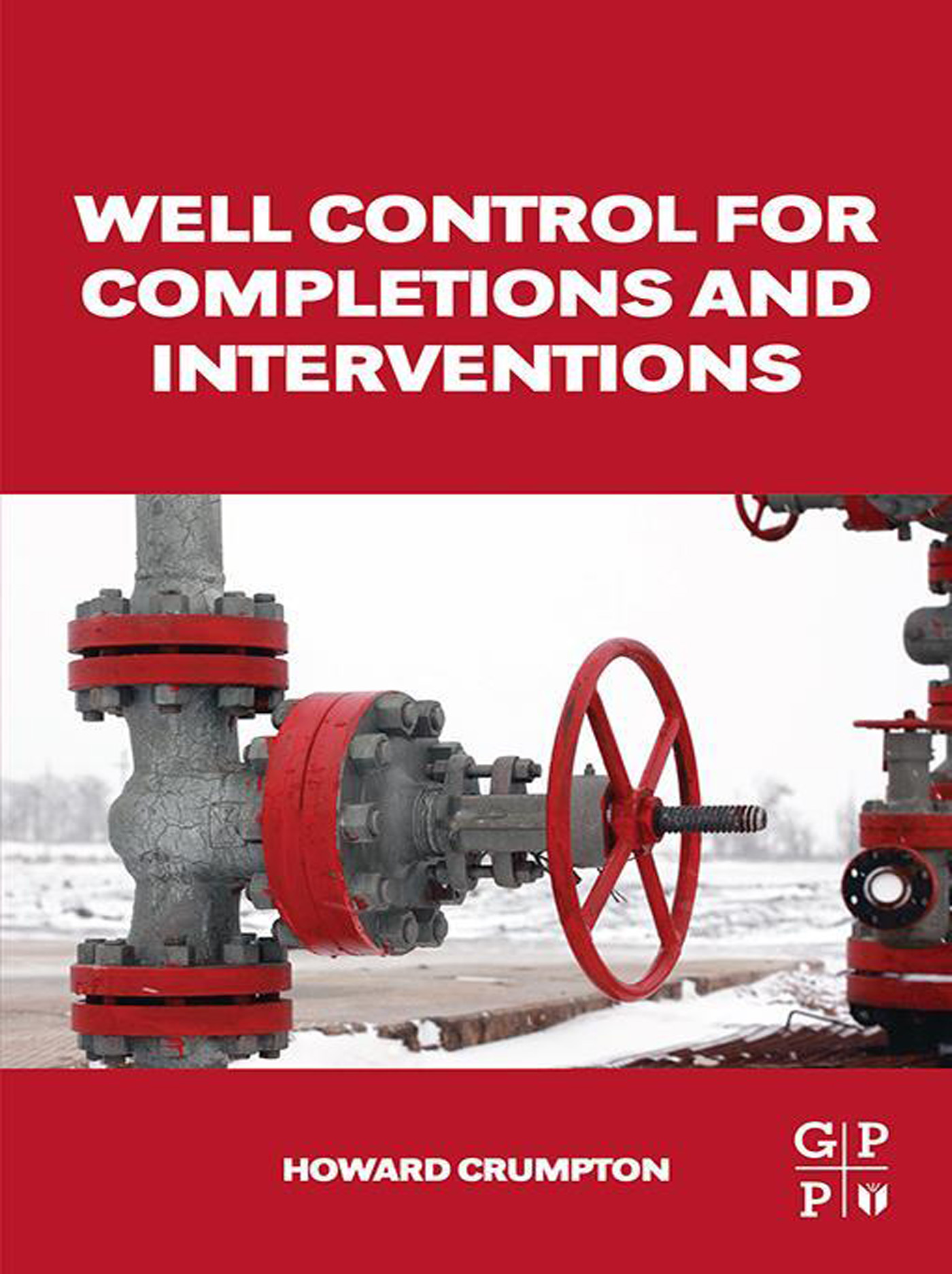
Well Control for Completions and Interventions Well Control for Completions and Interventions explores the standards that ensure safe and efficient production flow, well integrity and well control for oil rigs, focusing on the post-Macondo environment where tighter regulations and new standards are in place worldwide. Too many training facilities currently focus only on the drilling side of the well’s cycle when teaching well control, hence the need for this informative guide on the topic. This long-awaited manual for engineers and managers involved in the well completion and intervention side of a well’s life covers the fundamentals of design, equipment and completion fluids. In addition, the book covers more important and distinguishing components, such as well barriers and integrity envelopes, well kill methods specific to well completion, and other forms of operations that involve completion, like pumping and stimulation (including hydraulic fracturing and shale), coiled tubing, wireline, and subsea intervention. Provides a training guide focused on well completion and intervention Includes coverage of subsea and fracturing operations Presents proper well kill procedures Allows readers to quickly get up-to-speed on today’s regulations post-Macondo for well integrity, barrier management and other critical operation components TECHNOLOGY & ENGINEERING,Petroleum
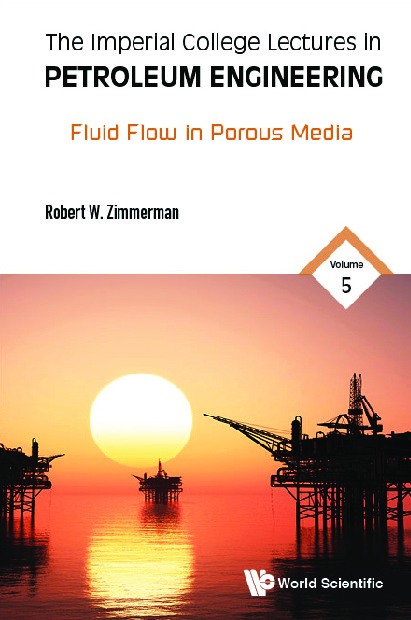
Imperial College Lectures In Petroleum Engineering, The - Volume 5 This book presents, in a self-contained form, the equations of fluid flow in porous media, with a focus on topics and issues that are relevant to petroleum reservoir engineering. No prior knowledge of the field is assumed on the part of the reader, and particular care is given to careful mathematical and conceptual development of the governing equations, and solutions for important reservoir flow problems. Fluid Flow in Porous Media starts with a discussion of permeability and Darcy's law, then moves on to a careful derivation of the pressure diffusion equation. Solutions are developed and discussed for flow to a vertical well in an infinite reservoir, in reservoirs containing faults, in bounded reservoirs, and to hydraulically fractured wells. Special topics such as the dual-porosity model for fractured reservoirs, and fluid flow in gas reservoirs, are also covered. The book includes twenty problems, along with detailed solutions.As part of the Imperial College Lectures in Petroleum Engineering, and based on a lecture series on the same topic, this book provides the introductory information needed for students of the petroleum engineering and hydrology. TECHNOLOGY & ENGINEERING,Petroleum

Subsea Engineering Handbook The offshore industry continues to drive the oil and gas market into deeper drilling depths, more advanced subsea systems, and cross into multiple disciplines to further technology and equipment. Engineers and managers have learned that in order to keep up with the evolving market, they must have an all-inclusive solution reference. Subsea Engineering Handbook, Second Edition remains the go-to source for everything related to offshore oil and gas engineering. Enhanced with new information spanning control systems, equipment QRA, electric tree structures, and manifold designs, this reference is still the one product engineers rely on to understand all components of subsea technology. Packed with new chapters on subsea processing and boosting equipment as well as coverage on newer valves and actuators, this handbook explains subsea challenges and discussions in a well-organized manner for both new and veteran engineers to utilize throughout their careers. Subsea Engineering Handbook, Second Edition remains the critical road map to understand all subsea equipment and technology. Gain access to the entire spectrum of subsea engineering, including the very latest on equipment, safety, and flow assurance systems Sharpen your knowledge with new content coverage on subsea valves and actuators, multiphase flow loop design, tree and manifold design as well as subsea control Practice and learn with new real-world test examples and case studies TECHNOLOGY & ENGINEERING,Petroleum
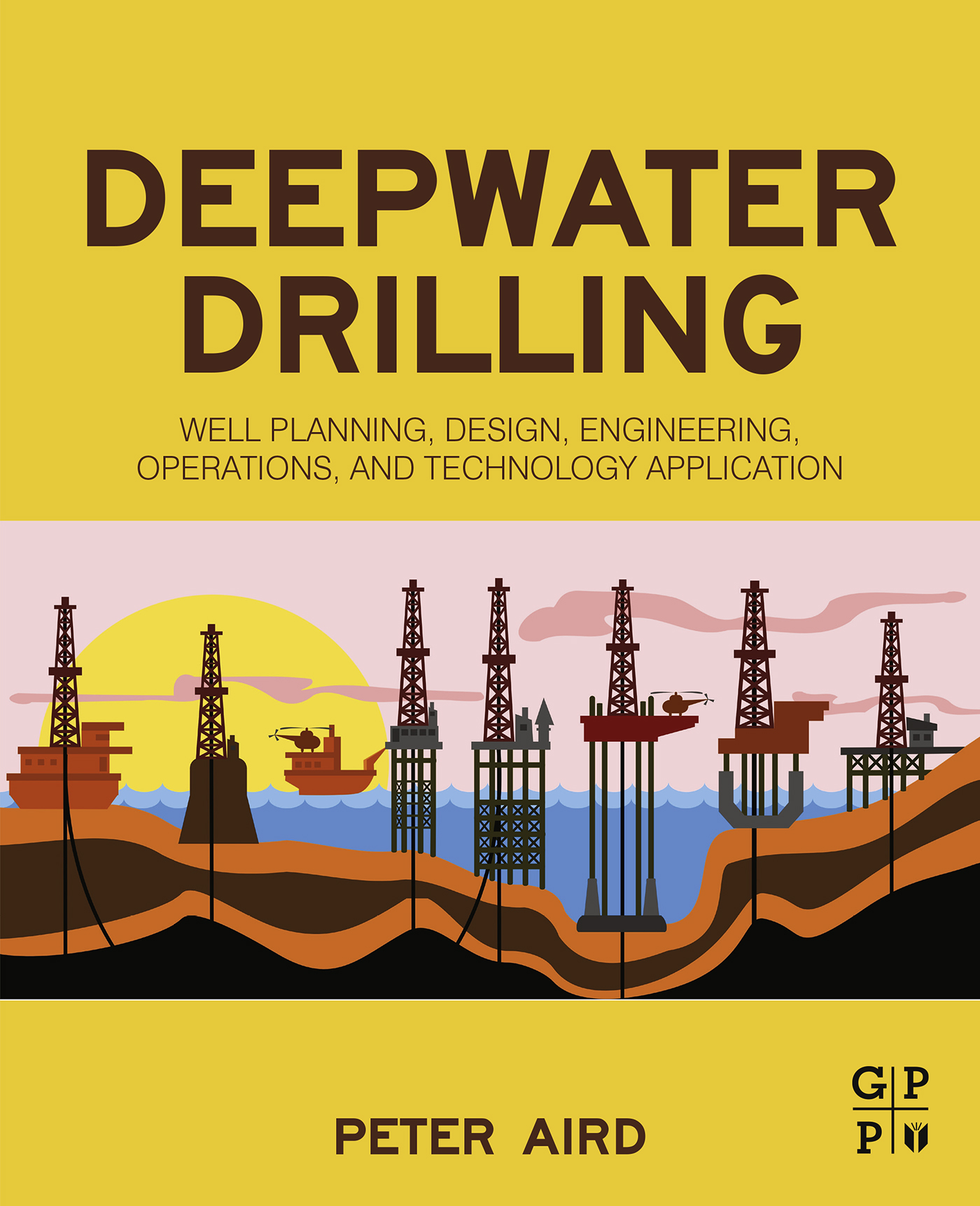
Deepwater Drilling Deepwater Drilling: Well Planning, Design, Engineering, Operations, and Technology Application presents necessary coverage on drilling engineering and well construction through the entire lifecycle process of deepwater wells. Authored by an expert with real-world experience, this book delivers illustrations and practical examples throughout to keep engineers up-to-speed and relevant in today’s offshore technology. Starting with pre-planning stages, this reference dives into the rig’s elaborate rig and equipment systems, including ROVs, rig inspection and auditing procedures. Moving on, critical drilling guidelines are covered, such as production casing, data acquisition and well control. Final sections cover managed pressure drilling, top and surface hole ‘riserless’ drilling, and decommissioning. Containing practical guidance and test questions, this book presents a long-awaited resource for today’s offshore engineers and managers. Helps readers gain practical experience from an author with over 35 years of offshore field know-how Presents offshore drilling operational best practices and tactics on well integrity for the entire lifecycle of deepwater wells Covers operations and personnel, from emergency response management, to drilling program outlines TECHNOLOGY & ENGINEERING,Petroleum

Oil World acclaimed scientist Vaclav Smil reveals everything there is to know about nature's most sought-after resource Oil is the lifeblood of the modern world. Without it, there would be no planes, no plastic, no exotic produce, and a global political landscape few would recognise. Humanity’s dependence upon oil looks set to continue for decades to come, but what is it? Fully updated and packed with fascinating facts to fuel dinner party debate, Professor Vaclav Smil's Oil: A Beginner's Guide explains all matters related to the ‘black stuff’, from its discovery in the earth right through to the controversy that surrounds it today. TECHNOLOGY & ENGINEERING,Petroleum

Dynamic Well Testing in Petroleum Exploration and Development Dynamic Well Testing in Petroleum Exploration and Development, Second Edition, describes the process of obtaining information about a reservoir through examining and analyzing the pressure-transient response caused by a change in production rate. The book provides the reader with modern petroleum exploration and well testing interpretation methods, including their basic theory and graph analysis. It emphasizes their applications to tested wells and reservoirs during the whole process of exploration and development under special geological and development conditions in oil and gas fields, taking reservoir research and performance analysis to a new level. This distinctive approach features extensive analysis and application of many pressure data plots acquired from well testing in China through advanced interpretation software that can be tailored to specific reservoir environments. Presents the latest research results of conventional and unconventional gas field dynamic well testing Focuses on advances in gas field dynamic well testing, including well testing techniques, well test interpretation models and theoretical developments Includes more than 100 case studies and 250 illustrations—many in full color—that aid in the retention of key concepts TECHNOLOGY & ENGINEERING,Petroleum

Imperial College Lectures In Petroleum Engineering, The - Volume 3 This book covers several aspects of reservoir management, from initial analysis to enhanced recovery methods, simulation, and history matching. Split into four parts, part one provides readers with an introduction to the physical properties of reservoir rocks. Part two provides an introduction to enhanced recovery methods used for conventional oil production. Part three shows how numerical methods can be used to simulate the behaviour of oil and gas reservoirs. Finally, part four looks at history matching of reservoirs through the building of numerical models using past data, in order to provide best practice for future reservoir development and management.Written as the third volume in the Imperial College Lectures in Petroleum Engineering, and based on lectures that have been given in the world-renowned Imperial College Masters Course in Petroleum Engineering, Topics in Reservoir Management provides the basic information needed for students and practitioners of petroleum engineering and petroleum geoscience. TECHNOLOGY & ENGINEERING,Petroleum
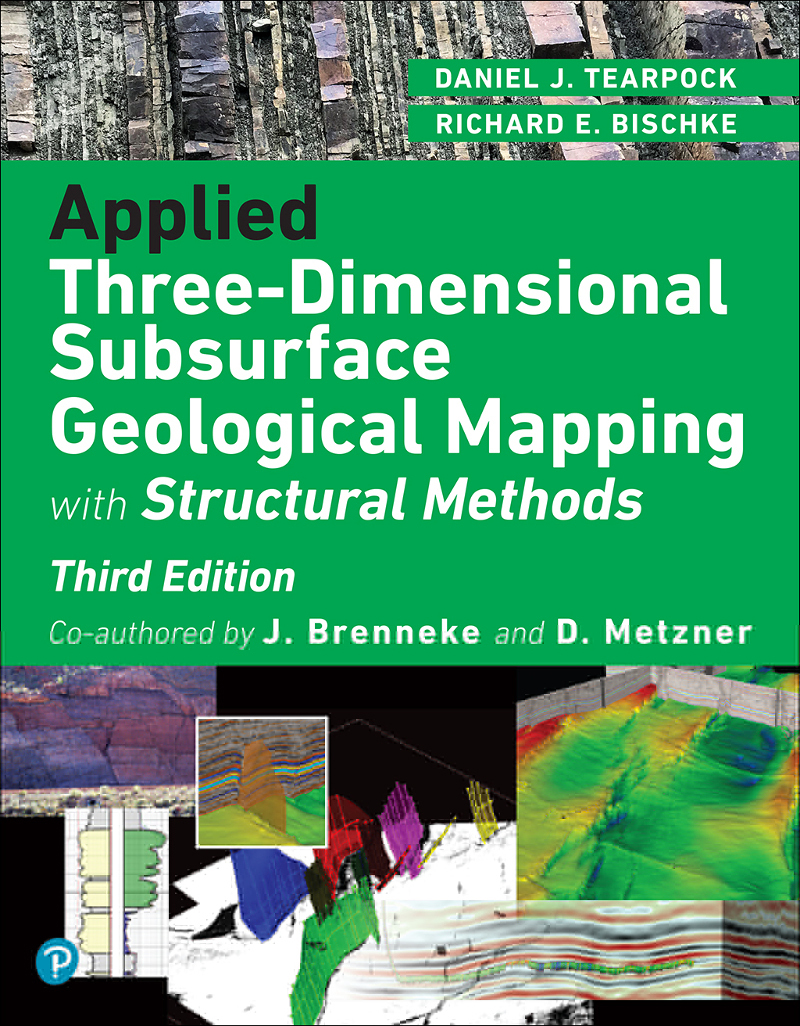
Applied Three-Dimensional Subsurface Geological Mapping The Gold-Standard “Bible†for Applied Subsurface Geological Mapping: Extensively Updated for Working Teams’ Latest Advances Long recognized as the most authoritative, practical, and comprehensive guide to structural mapping methods, Applied Three-Dimensional Subsurface Geological Mapping, Third Edition, has been thoroughly updated to reflect recent technical developments, with an emphasis on shale play basins, horizontal drilling, unconventional resources, and modern workflows. The authors of this edition have more than a century of collective experience in hydrocarbon exploration and development, in major, large, independent companies throughout the world. In this long-awaited update, they present revised and new chapters on computer mapping, shale basin exploration, and prospect reserves and risk. They introduce key innovations related to shale reservoirs, hydraulic fracturing, and deviated, horizontal, and directional wells, along with expanded discussions of computer interpretations and mapping. Throughout, the book links theory and practice based on fundamental geoscience principles. These principles will help you integrate all available geological, geophysical, and engineering data, to generate more reasonable and viable subsurface interpretations, and to construct maps that successfully identify reserves. Master core principles and proven methods for accurate subsurface interpretations and mapping Construct subsurface maps and cross-sections from well logs, seismic sections, and outcrop data Work effectively with horizontal and directionally drilled wells and directional surveys Use powerful well log-correlation techniques Construct viable fault and horizon structure maps Balance and interpret compressional, extensional, and strike-slip structures Distinguish between the different structure styles and the characterization of growth structures Understand isochore and isopach maps This book is indispensable for every integrated working team, consisting of geologists, geophysicists, and engineers, that prepares subsurface geological interpretations and maps, as well as for every manager, executive, and investor who uses or evaluates prospects. Register your book for convenient access to downloads, updates, and/or corrections as they become available. See inside book for details. TECHNOLOGY & ENGINEERING,Petroleum
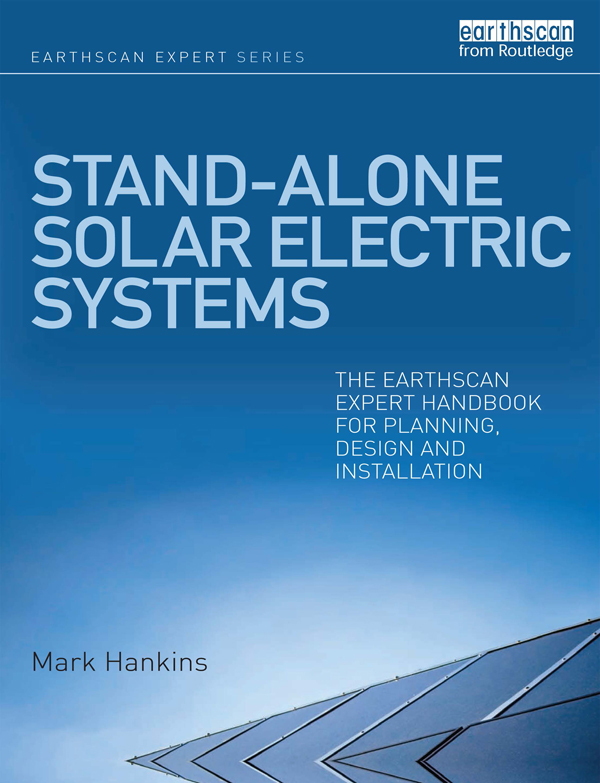
Stand-alone Solar Electric Systems One of the best ways to get power to remote, off-grid locations, whether in developed or developing countries, is through the use of solar electric systems. This practical guide describes how to plan, design and install solar electric systems in a manner that is hands-on, graphic and technically complete. Highly illustrated chapters cover: solar energy basics components of solar electric systems (modules, batteries, regulators, inverters and appliances) installation practice on planning and servicing systems water pumping refrigeration village electrification. This is the must-have guide for electric technicians and designers, development workers, and anyone who wants to install their own off-grid system. TECHNOLOGY & ENGINEERING,Power Resources,Alternative & Renewable
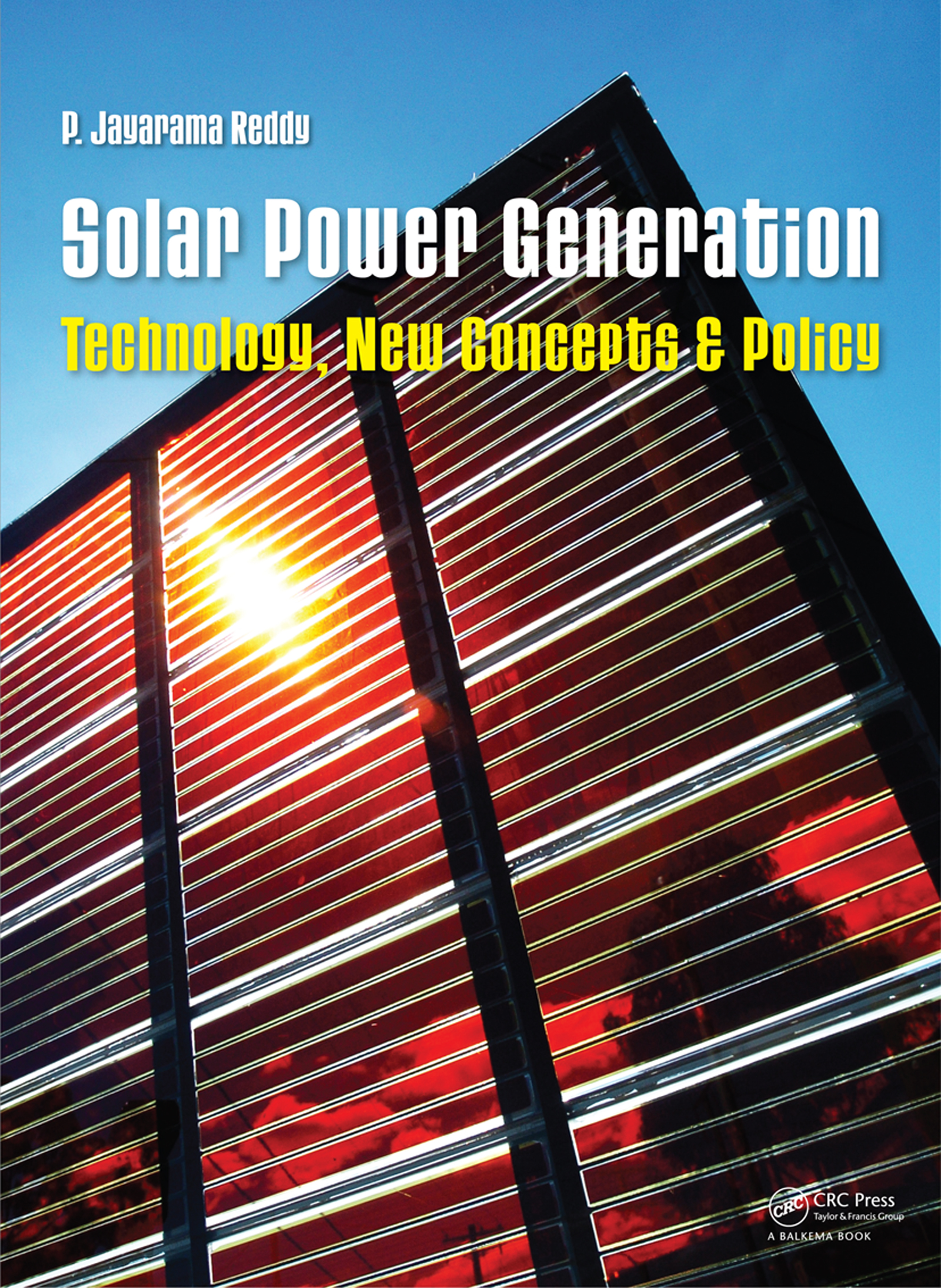
Solar Power Generation This book offers a global perspective of the current state of affairs in the field of solar power engineering. In four parts, this well-researched volume informs about:Established solar PV (photovoltaic) technologiesThird-generation PV technologies based on new materials with potential for low-cost large-scale productionSolar cell technology based TECHNOLOGY & ENGINEERING,Power Resources,Alternative & Renewable
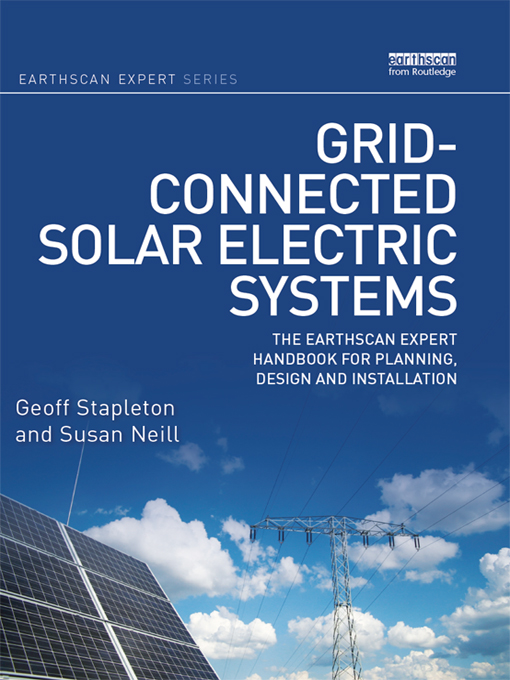
Grid-connected Solar Electric Systems Solar electricity – or photovoltaics (PV) – is the world's fastest growing energy technology. It can be used on a wide variety of scales, from single dwellings to utility-scale solar farms providing power for whole communities. It can be integrated into existing electricity grids with relative simplicity, meaning that in times of low solar energy users can continue to draw power from the grid, while power can be fed or sold back into the grid at a profit when their electricity generation exceeds the amount they are using. The falling price of the equipment combined with various incentive schemes around the world have made PV into a lucrative low carbon investment, and as such demand has never been higher for the technology, and for people with the expertise to design and install systems. This Expert handbook provides a clear introduction to solar radiation, before proceeding to cover: electrical basics and PV cells and modules inverters design of grid-connected PV systems system installation and commissioning maintenance and trouble shooting health and safety economics and marketing. Highly illustrated in full colour throughout, this is the ideal guide for electricians, builders and architects, housing and property developers, home owners and DIY enthusiasts, and anyone who needs a clear introduction to grid-connected solar electric technology. TECHNOLOGY & ENGINEERING,Power Resources,Alternative & Renewable

Advanced Control of Solar Plants The series Advances in Industrial Control aims to report and encourage technology transfer in control engineering. The rapid development of control technology impacts all areas of the control discipline. New theory, new controllers, actuators, sensors, new industrial processes, computer methods, new applications, new philosophies ... , new challenges. Much of this development work resides in industrial reports, feasibility study papers and the reports of advanced collaborative projects. The series offers an opportunity for researchers to present an extended exposition of such new work in all aspects of industrial control for wider and rapid dissemination. This volume by Professor Eduardo F. Camacho and his colleagues Manuel Berenguel and Francisco R. Rubio is an exemplar of what an Advances in Industrial Control monograph should be. In it the control of a thermal solar facility is used to study the performance obtainable from an interesting range of control algorithms. These methods range from the conventional PID controller, through to model-based predictive and robust optimal control methods and finishing with two fuzzy logic based control techniques. The scientific methodology applied is modelling, simulation and plant implementation. In the last chapter, a rigorous approach for a comparative study is described involving a careful selection of performance metrics. The text is rich in relevant up-to-date source material, and contains many thought-provoking comments. The presentation is well-balanced, impartial and very readable. TECHNOLOGY & ENGINEERING,Power Resources,Alternative & Renewable
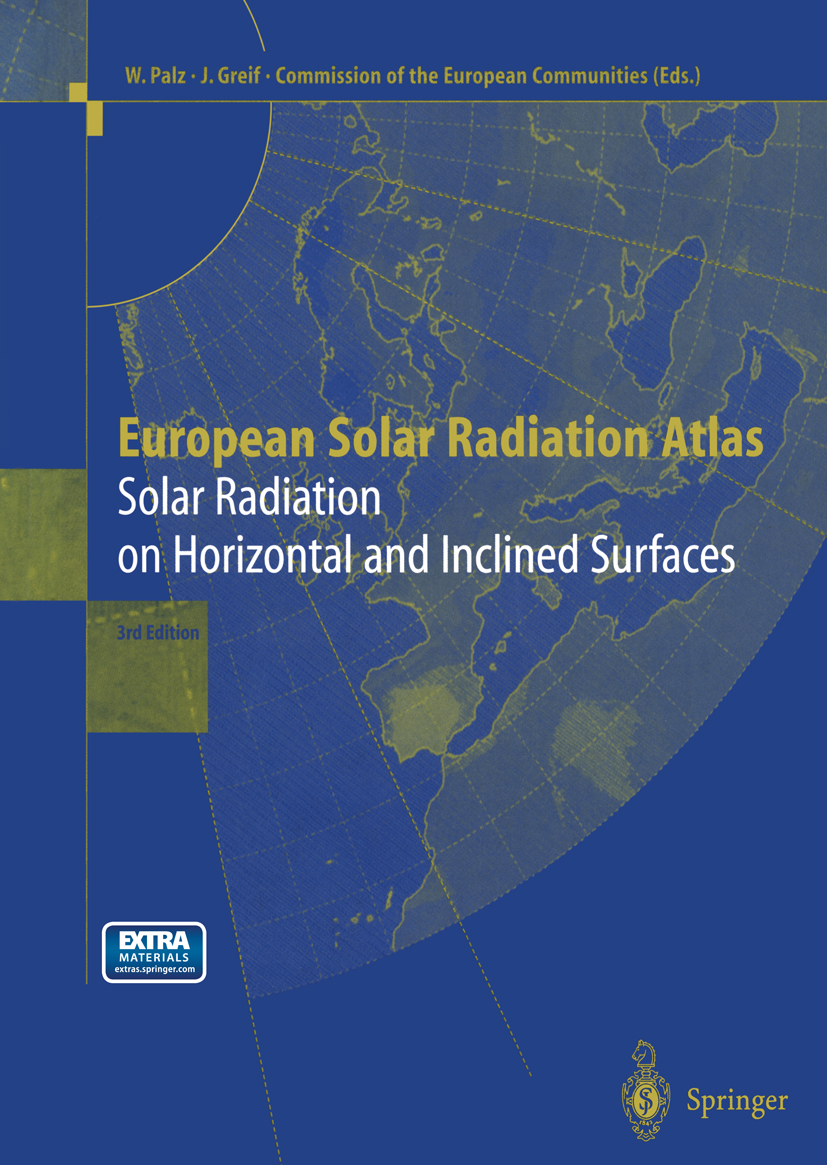
European Solar Radiation Atlas This atlas is a revised and updated version of the European Solar Radiation Atlas published in 1984. The revised version contains tables and maps displaying monthly means of global, diffuse and beam solar radiation as well as sunhours for a large number of represenative sites in Europe. Tables show radiation on both horizontal and inclined surfaces. The revisions reflect the political developments in the European Union and within neighbouring countries. The presentation of the tables has been improved and additional information is included. An enlarged text section provides an introduction to the systematics of solar radiation measurement and calculation. The solar data presented in this book is a useful source of information for the estimation of the energy harvest potential for solar systems. The data base is provided on two 3 1/2" disks for more ease in computer assisted design work. TECHNOLOGY & ENGINEERING,Power Resources,Alternative & Renewable

Hydrogen Energy System Proceedings of the NATO Advanced Study Institute on `Hydrogen Energy System, Utilization of Hydrogen and Future Aspects', Akçay, Turkey, August 21--September 3, 1994 TECHNOLOGY & ENGINEERING,Power Resources,Alternative & Renewable

WEGA Large Wind Turbines Contents:Large Wind Turbine Technology - State of the Art. -Outline ofWEGA Large Wind Turbine Programme. - The WEGAWind Turbines - Design and Construction. - Comparison ofEssential Technical Criteria. - Commissioning and EarlyOperational Experiences. - Outlook to the Future ProgrammeWEGA II. TECHNOLOGY & ENGINEERING,Power Resources,Alternative & Renewable
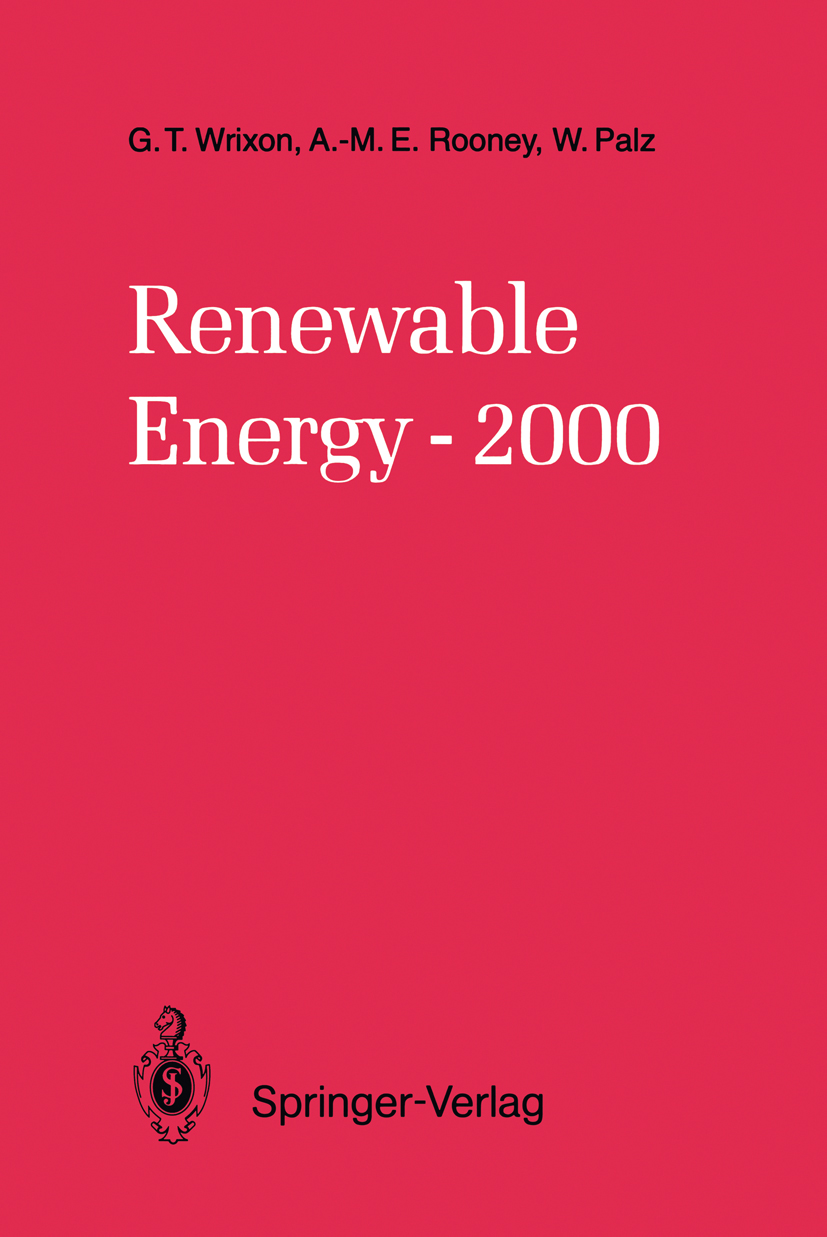
Renewable Energy-2000 The limited available of fossil energy carriers and the environmental impacts of energy consumtion demand mid-and long-term strategies both for the rational use of energy and for increased renewable energy utilization. Concepts of renewable energy conversion have been proposed and implemented during recent decades allover the world and their remarkable potential has been demonstrated. However, large scale implementation in the context of the requirements above has not yet taken place. The EUREC (European Renewable Energy Centres) Agency - an association of 25 European research centres from 11 EC countries, provides a framework of leading experts in the field of renewable energies, focusing on assessment studies, joint projects in research and development and on proposing future strategies in a European context. Under the leadership of Professor Wrixon, with the assistance and contributions of experts from the EUREC Agency, the document 'Renewable Energy - 2000' has been elaborated. This document critically evaluates the potential of renewable energies, focusing on the most relevant sources and methodologies, namely: wind energy, solar heating, cooling and daylighting, photovoltaics and biomass. It also proposes strategies for implementing components and systems to achieve economic operation in different regions of the European Community. It thereby makes use of the expert knowledge and experience concentrated in EUREC Agency member institutions. TECHNOLOGY & ENGINEERING,Power Resources,Alternative & Renewable
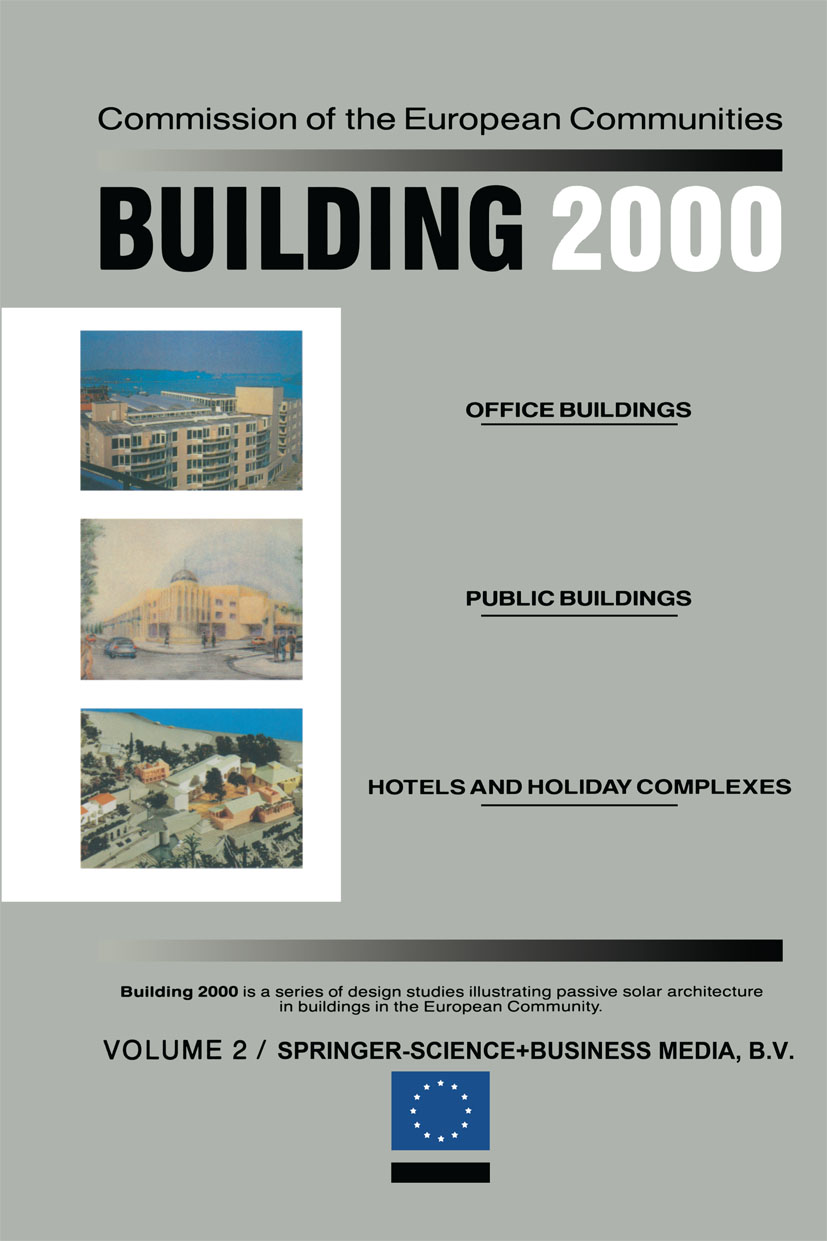
Building 2000 This is the second volume of BUILDING 2000, a pilot project of the Commission's R&DÂ programme 'Solar Energy Applications to Buildings' with the purpose of encouraging the adoption of solar architecture in large buildings. In a first volume, a similar series of studies is presented for the building categories: SCHOOLS, LABORATORIES and UNIVERSITIES, and SPORTS AND EDUCATIONAL CENTRES. In this second volume the results of the design studies illustrating passive solar architecture in buildings in the European Community are presented in particular for the building categories: OFFICE BUILDINGS, PUBLIC BUILDINGS and HOTELS AND HOLIDAY COMPLEXES. There was an enthousiastic response from project teams responsible for the design of 32 large buildings with a total construction budget of more than 140 million ECU. The willingness to improve their building concepts by collaborating with R&D-experts was encouraging to the Commission's action in this field. These two books reflect the results of the exchange of information between the actual design practitioners and the European R&D-community. Within the BUILDING 2000 programme 'Science and Technology at the Service of Architecture' became reality. This was not only realised by the various support activities initiated by BUILDÂ ING 2000, but also by the active exchange of ideas by architects and design team members with R&D-workers during the various workshops held within the BUILDING 2000 programme. I highly recommend architects and engineers interested in passive solar architecture and modem day lighting approaches to study these final products of the BUILDING 2000 programme. TECHNOLOGY & ENGINEERING,Power Resources,Alternative & Renewable

Solar Thermal Energy Utilization Sie beinhaltet zum einen die Fortsetzung und abschließende Bewertung der Materialuntersuchungen zum Bau eines Sckundärkonzentrators (feil I Vertragsnr. 5-370-4355), zum anderen werden der Bau mehrerer Vormodelle zu den mög lichen Konzentratorformen und Meßergebnisse zu diesen Modellen vorgestellt, wo bei unter Berücksichtigung der aufwendigen Fertigung der harten Spiegelbasis materialien zur Kostenersparnis Iinearisierte Formen untersucht wurden, mit und ohne Teilbereich mit keramikähnlichen optischen Eigenschaften (Glanzkarton). Polierte Keramik in unbeschiehteter Form ist nur bedingt einsetzbar, da sie bei nahezu senkrechtem Strahlungseinfall einen direkten Reflexionsgrad von ca 9% zeigt (A1 TiO ). Die 27T-Reflexion dagegen kann für weiße, reine Keramik über 90% 2 s liegen (Hartporzellan). Erst durch Beschichtungen lassen sich die Werte für die direkte Reflexion deutlich erhöhen, wobei die Oberflächenbeschaffenheit eine we sentliche Rolle spielt. Eine Beschichtung von TiN auf Glas erzielt Werte über 90%, jedoch ist diese Schicht nicht über das gesamte Sonnenspektrum einsetzbar. Außerdem ist die Schicht oxidationsgefährdet, eine zusätzliche Goldschicht wäre möglicherweise ein Schutz dagegen. Bei den Modellen ( CPC, Trumpet ) wurde die Intensitätsverteilung in einigen Schnitten in der Austrittsapcrtur aufgenommen, zum Teil bei unterschiedlichen Einfallswinkeln. Daraus wurde die Verstärkung innerhalb der Schnitte und der Fluß im Vergleich zum Zustand ohne Konzcntrator ermittelt. Durch den Einsatz einc. TECHNOLOGY & ENGINEERING,Power Resources,Alternative & Renewable
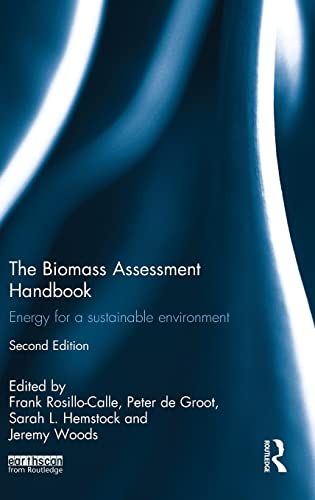
The Biomass Assessment Handbook The increasing importance of biomass as a renewable energy source has led to an acute need for reliable and detailed information on its assessment, consumption and supply. Responding to this need, and overcoming the lack of standardised measurement and accounting procedures, this best-selling handbook provides the reader with the skills to understand the biomass resource base, the tools to assess the resource, and explores the pros and cons of exploitation. This new edition has been fully updated and revised with new chapters on sustainability methodologies. Topics covered include assessment methods for woody and herbaceous biomass, biomass supply and consumption, land use change, remote sensing techniques, food security, sustainability and certification as well as vital policy issues. The book includes international case studies on techniques from measuring tree volume to transporting biomass, which help to illustrate step-by-step methods. Technical appendices offer a glossary of terms, energy units and other valuable resource data. TECHNOLOGY & ENGINEERING,Power Resources,Alternative & Renewable
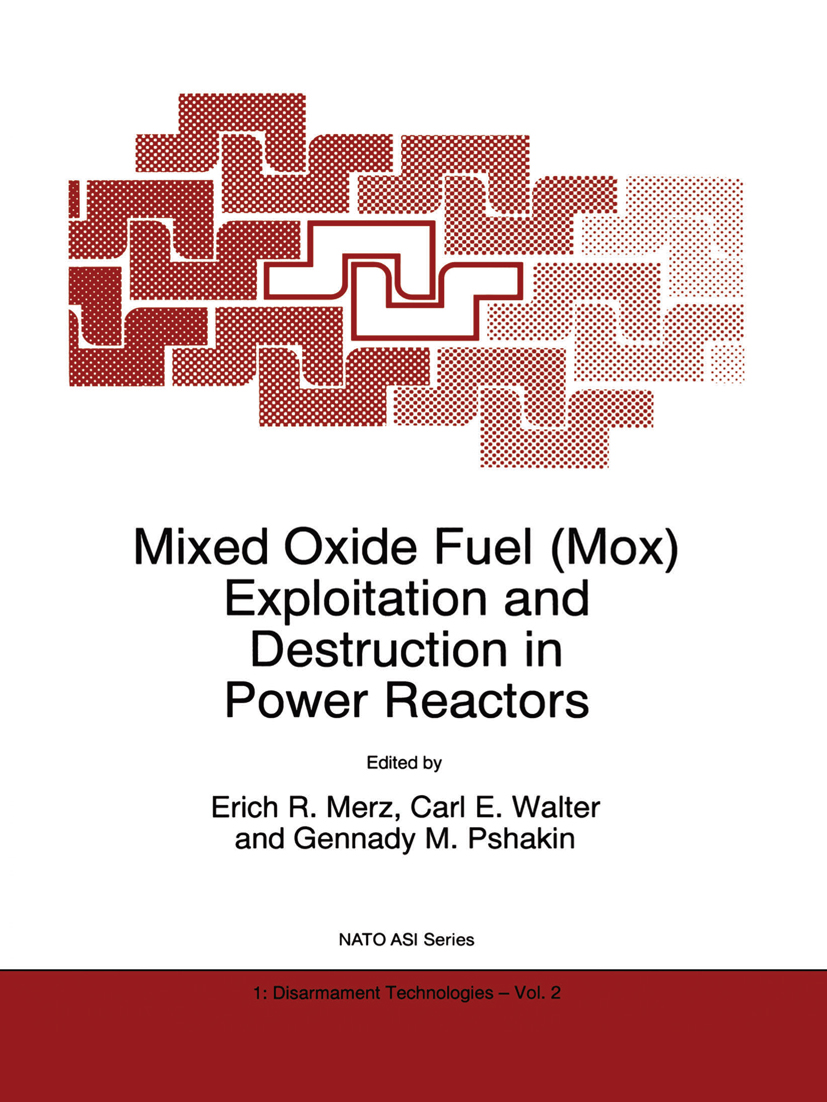
Mixed Oxide Fuel (Mox) Exploitation and Destruction in Power Reactors Proceedings of the NATO Advanced Research Workshop, Obninsk, Russia, October 16--19, 1994 TECHNOLOGY & ENGINEERING,Power Resources,Alternative & Renewable

Specifications of Photovoltaic Pumping Systems in Agriculture Specifications of Photovoltaic Pumping Systems in Agriculture: Sizing, Fuzzy Energy Management and Economic Sensitivity Analysis is the first book of its kind to discuss the physical installation and sizing of PV pumping systems, also providing a successful energy management operation and economic sensitivity analysis. In order to balance production with consumption, and to improve the lifetime of batteries, Imene Yahyaoui offers a complete study through sensitive analysis of system components and sizing algorithms, providing guidance for efficient energy conversion and management for off-grid systems. From this single source, readers will be equipped with all the necessary data they need to understand, plan, and implement cost reduced systems. Contains practical examples on how to optimize photovoltaic energy to pump water Presents case studies on both the physical installation and effective energy management of PV water pump systems Provides in-depth economic studies that justify optimization reliability TECHNOLOGY & ENGINEERING,Power Resources,Alternative & Renewable
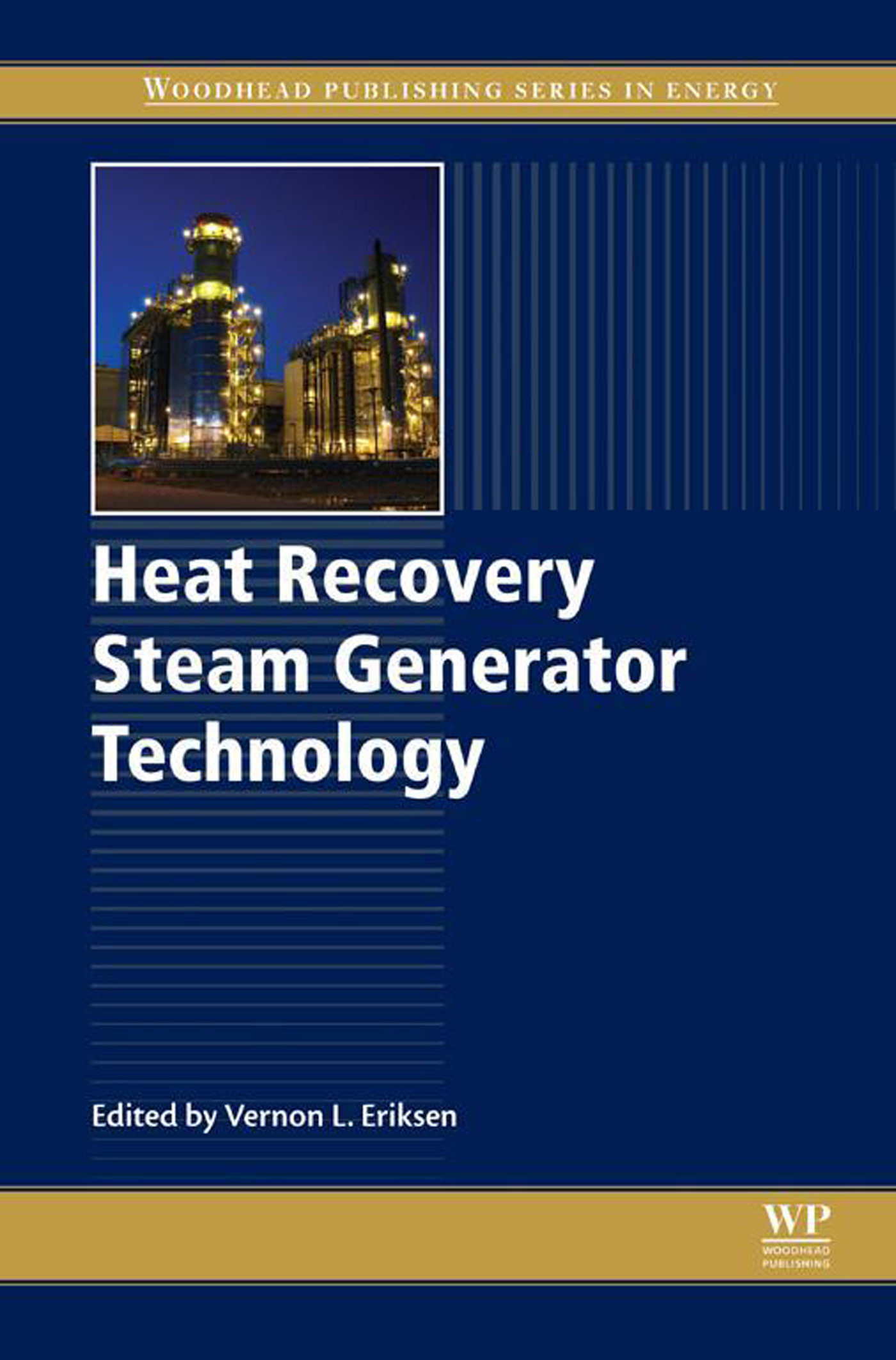
Heat Recovery Steam Generator Technology Heat Recovery Steam Generator Technology is the first fully comprehensive resource to provide readers with the fundamental information needed to understand HRSGs. The book's highly experienced editor has selected a number of key technical personnel to contribute to the book, also including burner and emission control device suppliers and qualified practicing engineers. In the introduction, various types of HRSGs are identified and discussed, along with their market share. The fundamental principles of the technology are covered, along with the various components and design specifics that should be considered. Its simple organization makes finding answers quick and easy. The text is fully supported by examples and case studies, and is illustrated by photographs of components and completed power plants to further increase knowledge and understanding of HRSG technology. Presents the fundamental principles and theories behind HRSG technology that is supported by practical design examples and illustrations Includes practical applications of combined cycle power plants and waste recovery that are both fully covered and supported by optimization throughout the book Helps readers do a better job of specifying, procuring, installing, operating, and maintaining HRSGs TECHNOLOGY & ENGINEERING,Power Resources,Alternative & Renewable
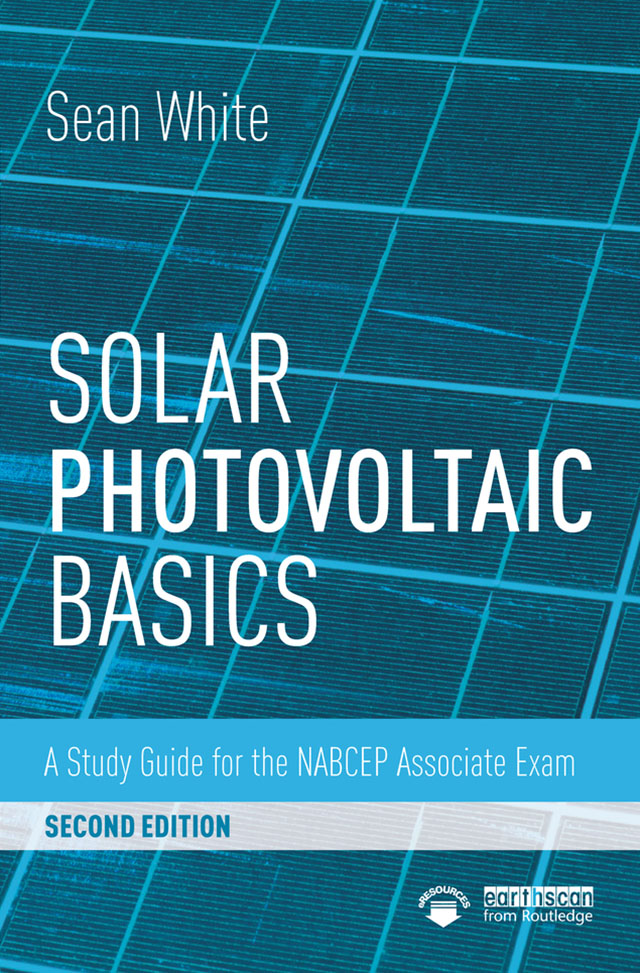
Solar Photovoltaic Basics This book explains the science of photovoltaics (PV) in a way that most people can understand, using the curriculum which reflects the core modules of the NABCEP Associate Exam. Whether or not you are taking the NABCEP Associate Exam, learning the material covered in this book is the best investment you can make insuring your place and moving up in the solar industry. Providing complete coverage of the NABCEP syllabus in easily accessible chapters, this book addresses all of the core objectives required to pass the exam, including the ten main skill sets: PV Markets and Applications Safety Basics Electricity Basics Solar Energy Fundamentals PV Module Fundamentals System Components PV System Sizing Principles PV System Electrical Design PV System Mechanical Design Performance Analysis, Maintenance and Troubleshooting. You will learn the importance of surveying a site and how to carry out a survey, how to use the tools that determine shading and annual production, and the necessity of safety on site. This guide also includes technical math and equations that are suitable and understandable to those without engineering degrees, but are necessary in understanding the principles of solar PV. This new edition of Sean White’s highly successful study guide has been updated throughout and reflects recent changes in the industry. TECHNOLOGY & ENGINEERING,Power Resources,Alternative & Renewable
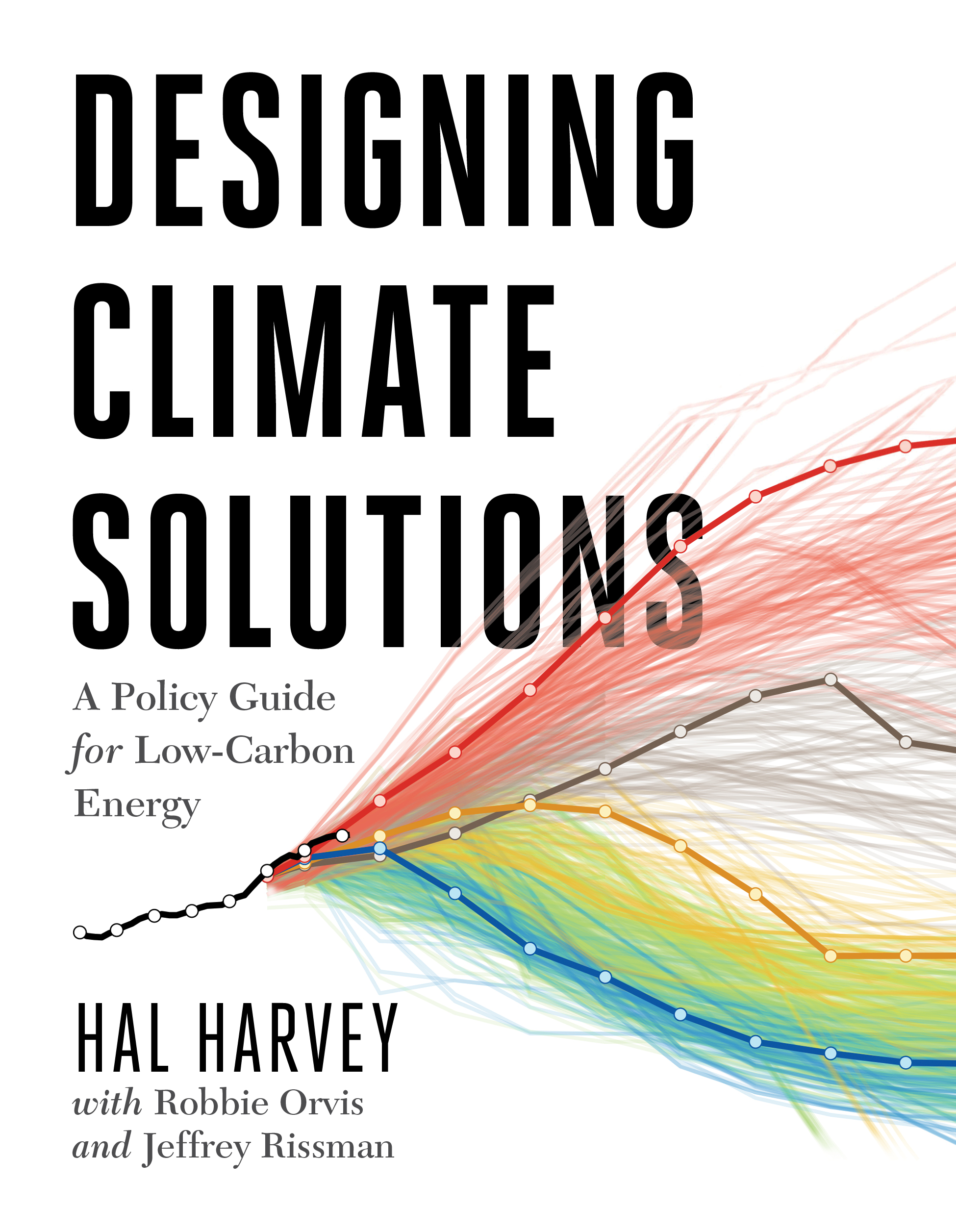
Designing Climate Solutions With the effects of climate change already upon us, the need to cut global greenhouse gas emissions is nothing less than urgent. It's a daunting challenge, but the technologies and strategies to meet it exist today. A small set of energy policies, designed and implemented well, can put us on the path to a low carbon future. Energy systems are large and complex, so energy policy must be focused and cost-effective. One-size-fits-all approaches simply won't get the job done. Policymakers need a clear, comprehensive resource that outlines the energy policies that will have the biggest impact on our climate future, anddescribes how to design these policies well. Designing Climate Solutions:A Policy Guide for Low-Carbon Energy is the first such guide, bringing together the latest research and analysis around low carbon energy solutions. Written by Hal Harvey, CEO of the policy firm Energy Innovation, with Robbie Orvis and Jeffrey Rissman of Energy Innovation, Designing Climate Solutions is an accessible resource on lowering carbon emissions for policymakers, activists, philanthropists, and others in the climate and energy community. In Part I, the authors deliver a roadmap for understanding which countries, sectors, and sources produce the greatest amount of greenhouse gas emissions, and give readers the tools to select and design efficient policies for each of these sectors. In Part II, they break down each type of policy, from renewable portfolio standards to carbon pricing, offering key design principles and case studies where each policy has been implemented successfully. We don't need to wait for new technologies or strategies to create a low carbon future—and we can't afford to. Designing Climate Solutions gives professionals the tools they need to select, design, and implement the policies that can put us on the path to a livable climate future. TECHNOLOGY & ENGINEERING,Power Resources,Alternative & Renewable
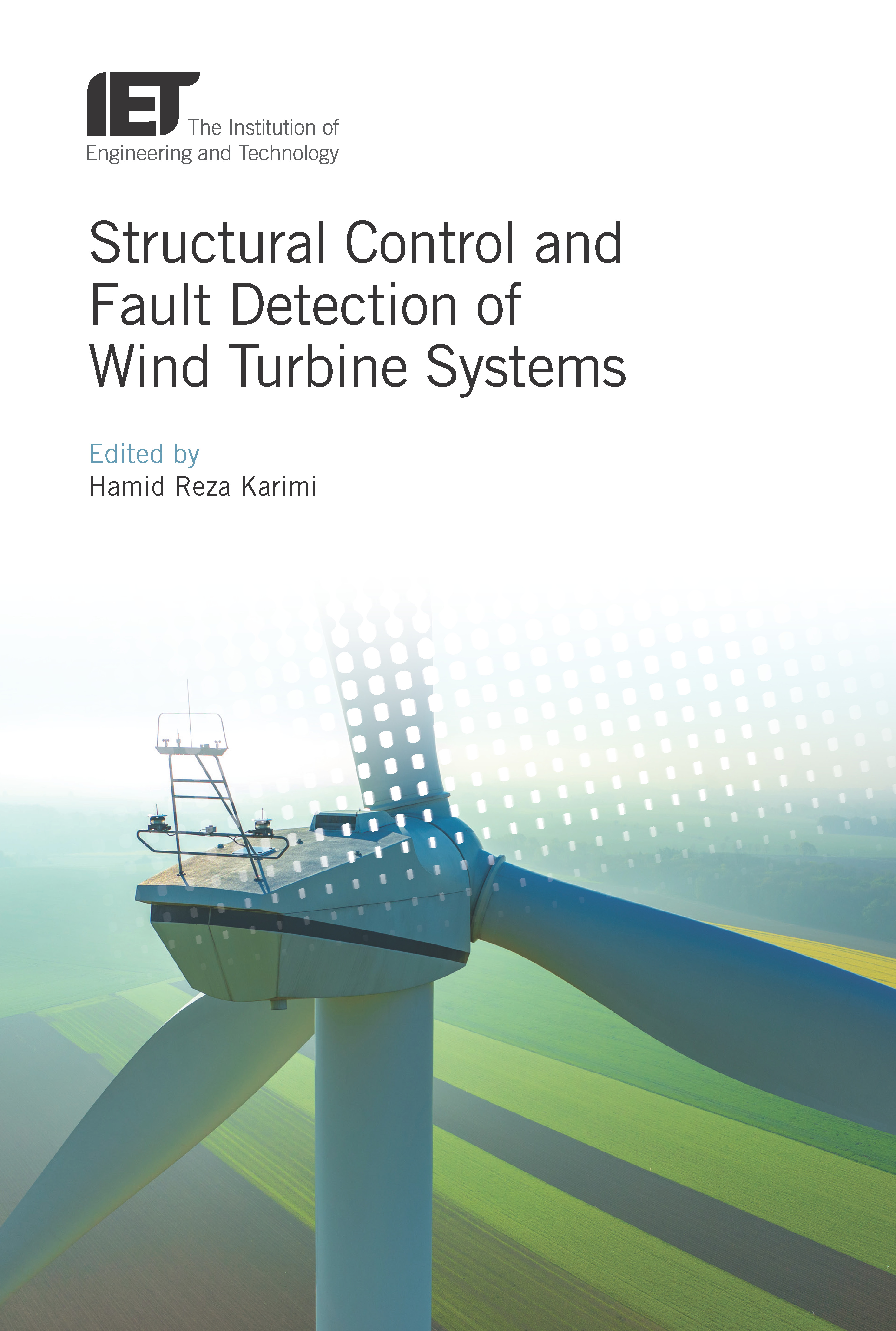
Structural Control and Fault Detection of Wind Turbine Systems With the rapid growth of wind energy worldwide, challenges in the operation and control of wind turbine systems are becoming increasingly important. This book conveys up to date theoretical and practical techniques applicable to the control of wind turbine systems. TECHNOLOGY & ENGINEERING,Power Resources,Alternative & Renewable
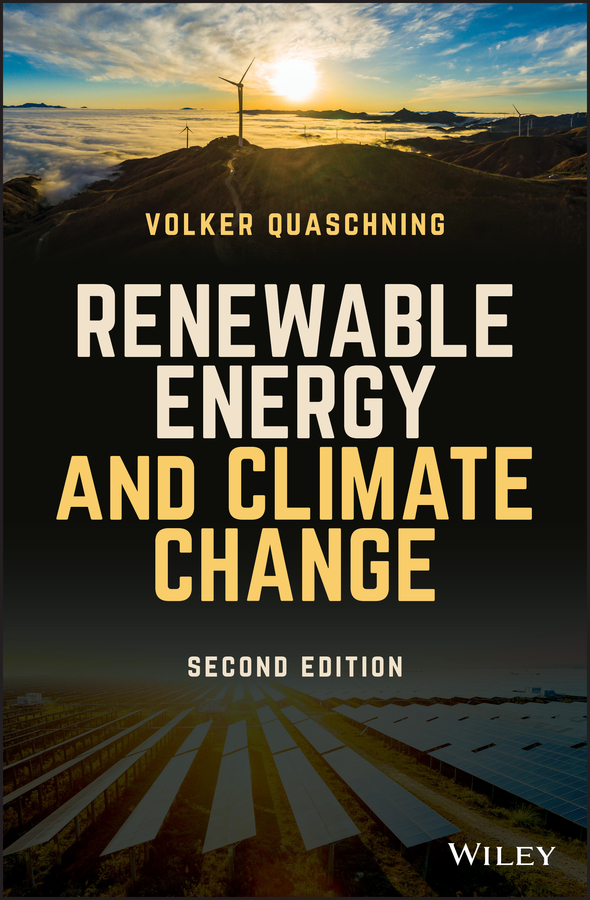
Renewable Energy and Climate Change, 2nd Edition Provides clear analysis on the development potentials and practical realization of solar, wind, wave, and geothermal renewable energy technologies Presented as a clear introduction to the topics of climate protection and renewable energy, this book demonstrates the correlations between use of energy, energy prices, and climate change. It evaluates and analyzes the current world situation (drawing on examples given from countries across the globe), whilst also giving essential and practical guidance on ‘personal’ climate protection. Each major type of renewable energy system is covered in detail and with an easy-to-read approach, making it an ideal manual for planning and realizing climate protection and renewable energy systems, while also being an informative textbook for those studying renewable energy and environment and sustainability courses. Renewable Energy and Climate Change, 2nd Edition starts by examining our hunger for energy—how much we need, how much we use, and how much it is costing us. It then looks at the state of climate change today and the causes. Following that, the book focuses on how we waste and save energy. The remaining chapters look at the many alternative sources of energy generation, like photovoltaics, solar thermal systems and power plants, wind power systems, hydropower plants, and geothermal power. The book also delves into current state of biomass energy and the hydrogen and fuel cell industry. It finishes with a look at the future of the subject, shining a light on some positive examples of sustainable energy. Clear overview on each state-of-the-art technology in alternative energy production Presents correlations between use of energy and energy prices, and climate change Provides guidance on what the reader can do to reduce their own energy waste Full-color figures and photographs throughout, data diagrams and simple calculations and results, and text boxes that highlight important information International examples of renewable energy in action Renewable Energy and Climate Change, 2nd Edition is an excellent text for students and professionals studying or working on renewable energy, or environmental and sustainability alternatives. It will also benefit planners, operators, financers, and consultants in those fields. TECHNOLOGY & ENGINEERING,Power Resources,Alternative & Renewable
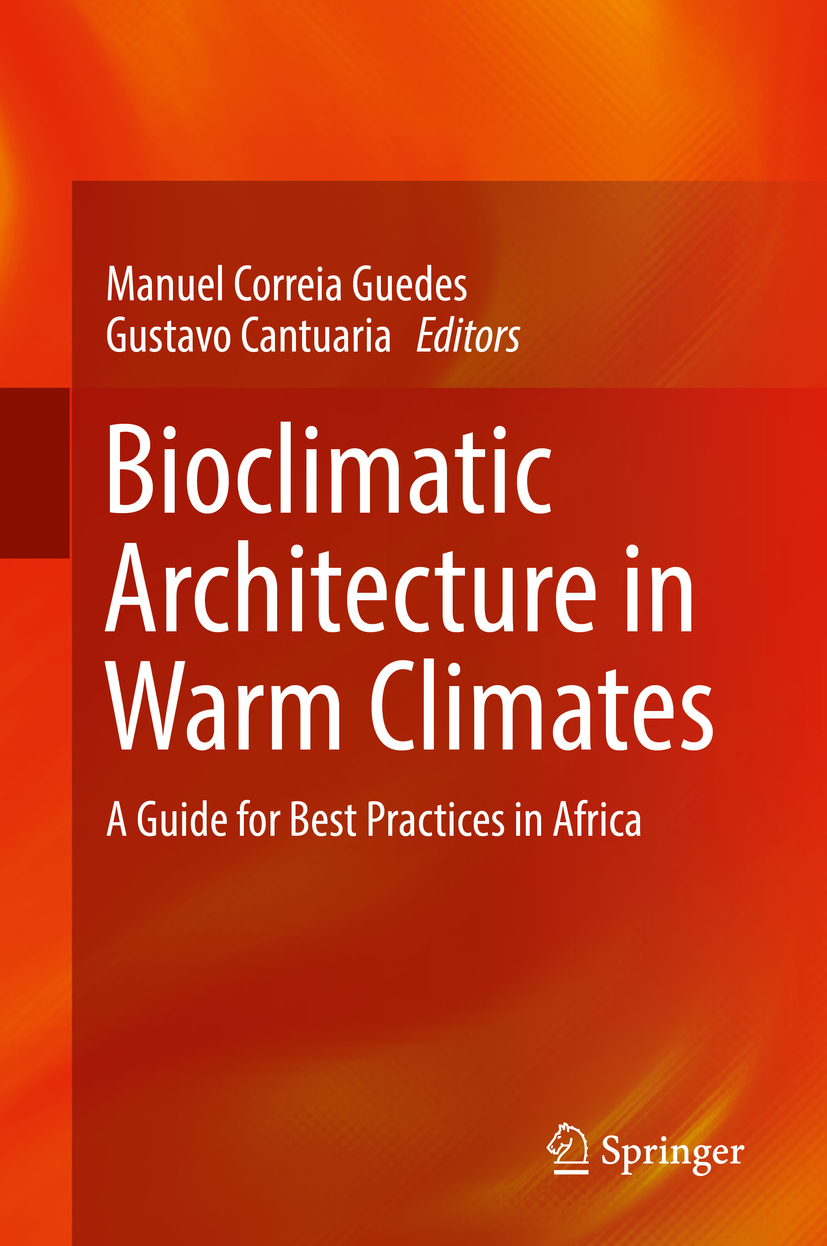
Bioclimatic Architecture in Warm Climates This book provides a comprehensive, hands-on approach to bioclimatic building design in Africa. Bioclimatic design is at the core of urban sustainability, and is a critical issue in Africa, where “imported†building typologies are being used at an increasing pace, disregarding the local context and consequently causing damage to the environment, to the economy, and to the culture itself. This book provides a concise set of sustainable design guidelines to be applied in both new buildings and the refurbishment of old buildings, and integrates bioclimatic design strategies with other sustainability issues such as: cultural aspects, affordability, and urban planning. Chapters are fully illustrated with photographs and drawings and include best-practice examples and strategies making it accessible to engineers, architects, students and a broad range of professionals in the building industry. Encompasses all climatic regions in Africa; Integrates bioclimatic design strategies with other sustainability issues; Discusses new design to refurbishment, from urban to rural, including office buildings, residential, tourism, social housing and self building. TECHNOLOGY & ENGINEERING,Power Resources,Alternative & Renewable

The Fully Charged Guide to Electric Vehicles & Clean Energy From the world's number one clean energy and electric vehicle YouTube channel comes this snapshot of the latest innovations in these fields from around the world TECHNOLOGY & ENGINEERING,Power Resources,Alternative & Renewable
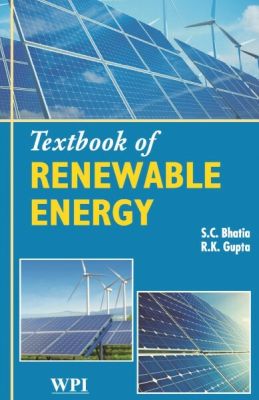
Textbook of Renewable Energy Renewable energies are sources of clean, inexhaustible and increasingly competitive energy. They differ from fossil fuels principally in their diversity, abundance and potential for use anywhere on the planet, but above all in that they produce neither greenhouse gases which cause climate change nor polluting emissions. There are many forms of renewable energy. Most of these renewable energies depend in one way or another on sunlight. Wind and hydroelectric power are the direct result of differential heating of the Earth's surface which leads to air moving about (wind) and precipitation forming as the air is lifted. Solar energy is the direct conversion of sunlight using panels or collectors. Biomass energy is stored sunlight contained in plants. Other renewable energies that do not depend on sunlight are geothermal energy, which is a result of radioactive decay in the crust combined with the original heat of accreting the Earth, and tidal energy, which is a conversion of gravitational energy. Textbook of Renewable Energy summarises various aspects of renewable energy and is divided into 16 chapters. Discussed are renewable energy sources, solar radiation and its measurement, solar thermal energy conversion system, solar photovoltaic systems, biogas, biomass, biofuels, wind energy, fuel cells, tidal energy, hydrogen energy, geothermal energy, ocean thermal energy conversion, renewable energy applications in developing smart cities, environmental aspects of electrical energy generation. A unique feature of the book is chapter on magneto hydro dynamic power generation. TECHNOLOGY & ENGINEERING,Power Resources,Alternative & Renewable
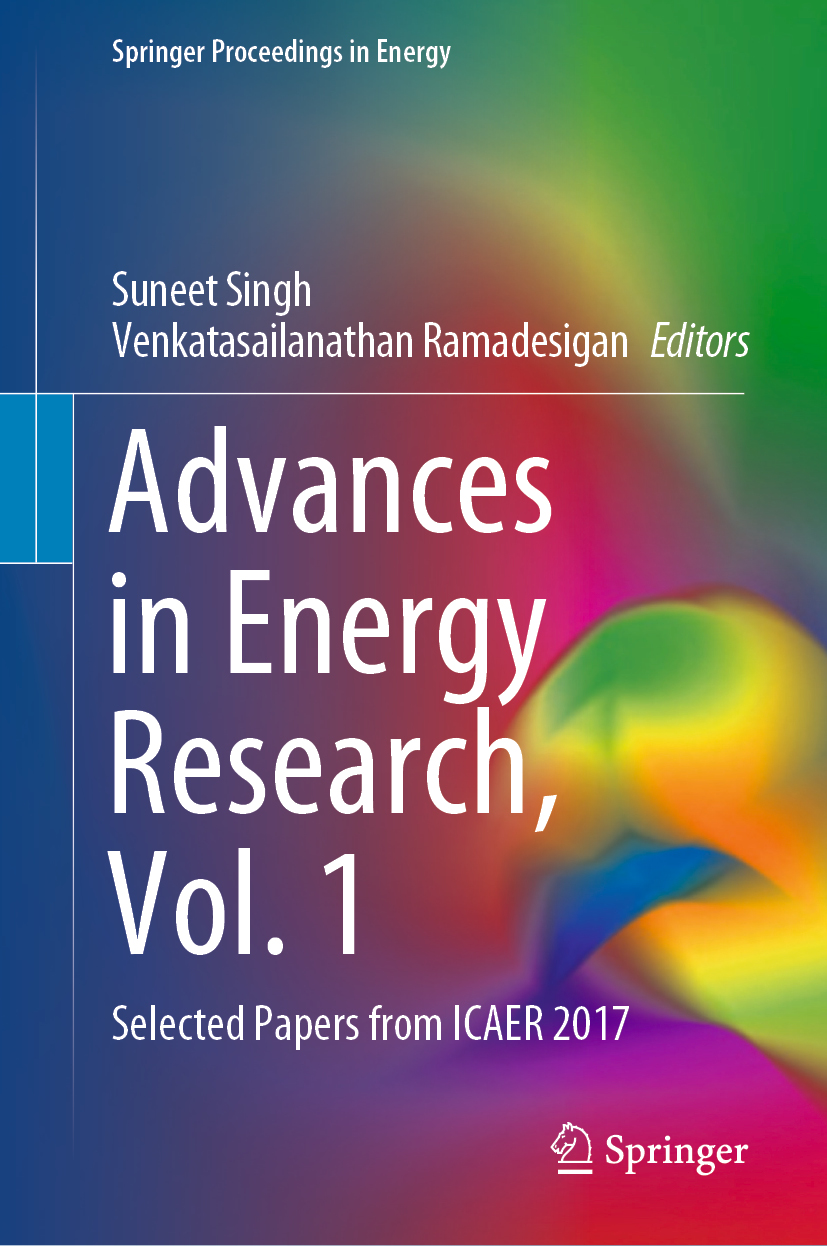
Advances in Energy Research, Vol. 1 This book presents selected papers from the 6th International Conference on Advances in Energy Research (ICAER 2017), which cover topics ranging from energy optimization, generation, storage and distribution, and emerging technologies, to energy management, policy, and economics. The book is inter-disciplinary in scope and addresses a host of different areas relevant to energy research, making it of interest to scientists, policymakers, students, economists, rural activists, and social scientists alike. TECHNOLOGY & ENGINEERING,Power Resources,Alternative & Renewable
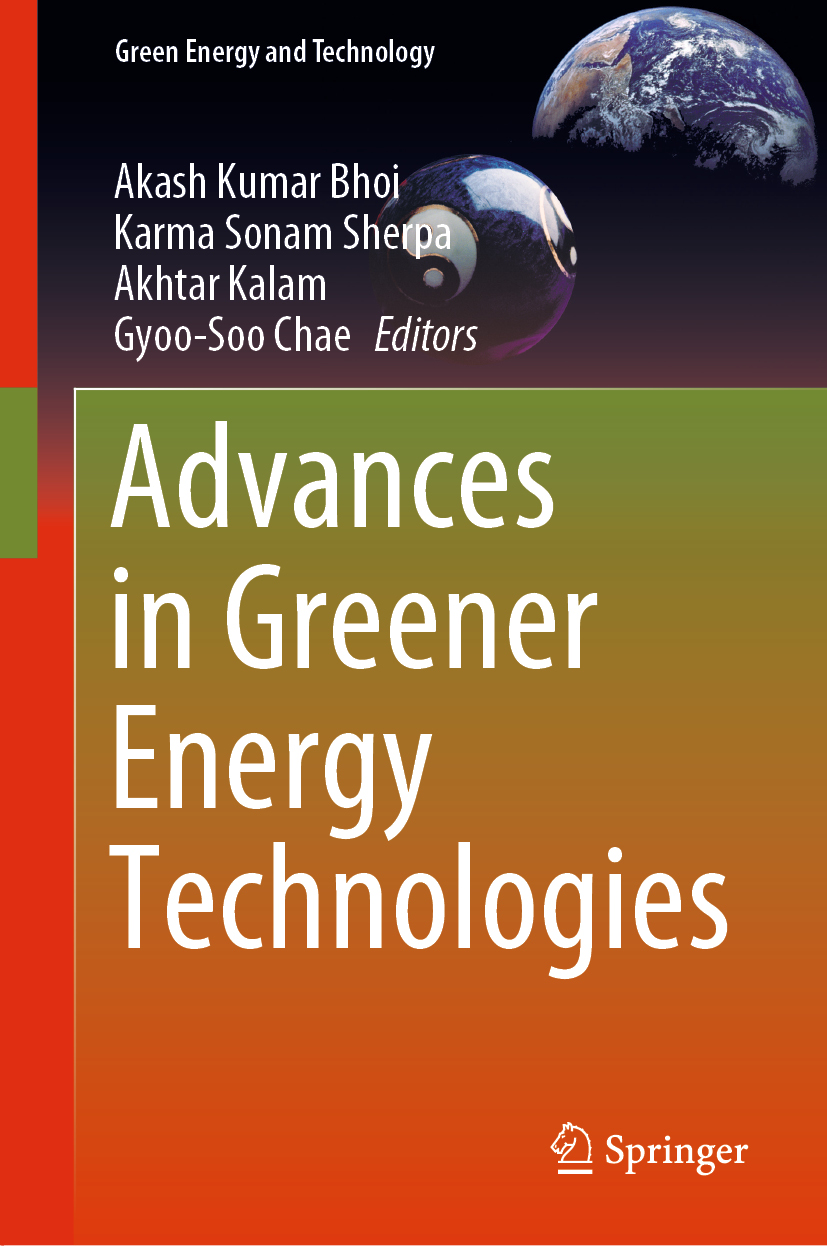
Advances in Greener Energy Technologies This book presents ongoing research activities of currently available renewable energy technologies and the approaches towards clean technology for enabling a socio-economic model for the present and future generations to live in a clean and healthy environment. The book provides chapter wise implementation of research works in the area of green energy technologies with proper methods used with solution strategies and energy efficiency approaches by combining theory and practical applications. Readers are introduced to practical problems of green computation and hybrid resources optimization with solution based approaches from the current research outcomes. The book will be of use to researchers, professionals, and policy-makers alike. TECHNOLOGY & ENGINEERING,Power Resources,Alternative & Renewable
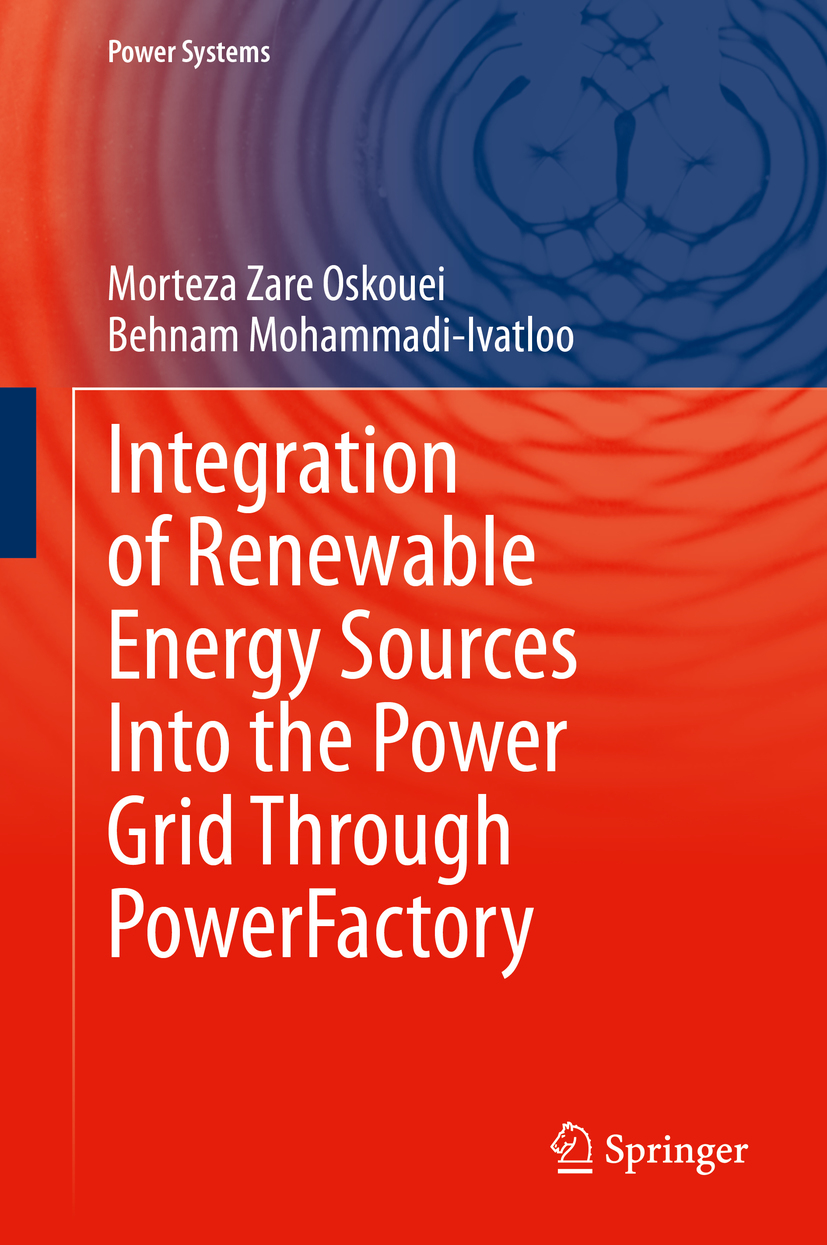
Integration of Renewable Energy Sources Into the Power Grid Through PowerFactory This book evaluates a number of serious technical challenges related to the integration of renewable energy sources into the power grid using the DIgSILENT PowerFactory power system simulation software package. It provides a fresh perspective on analyzing power systems according to renewable energy sources and how they affect power system performance in various situations. The book examines load flow, short-circuit, RMS simulation, power quality, and system reliability in the presence of renewable energy sources, and presents readers with the tools needed for modeling, simulation, and analysis for network planning. The book is a valuable resource for researchers, engineers, and students working to solve power system problems in the presence of renewable energy sources in power system operations and utilities. TECHNOLOGY & ENGINEERING,Power Resources,Alternative & Renewable
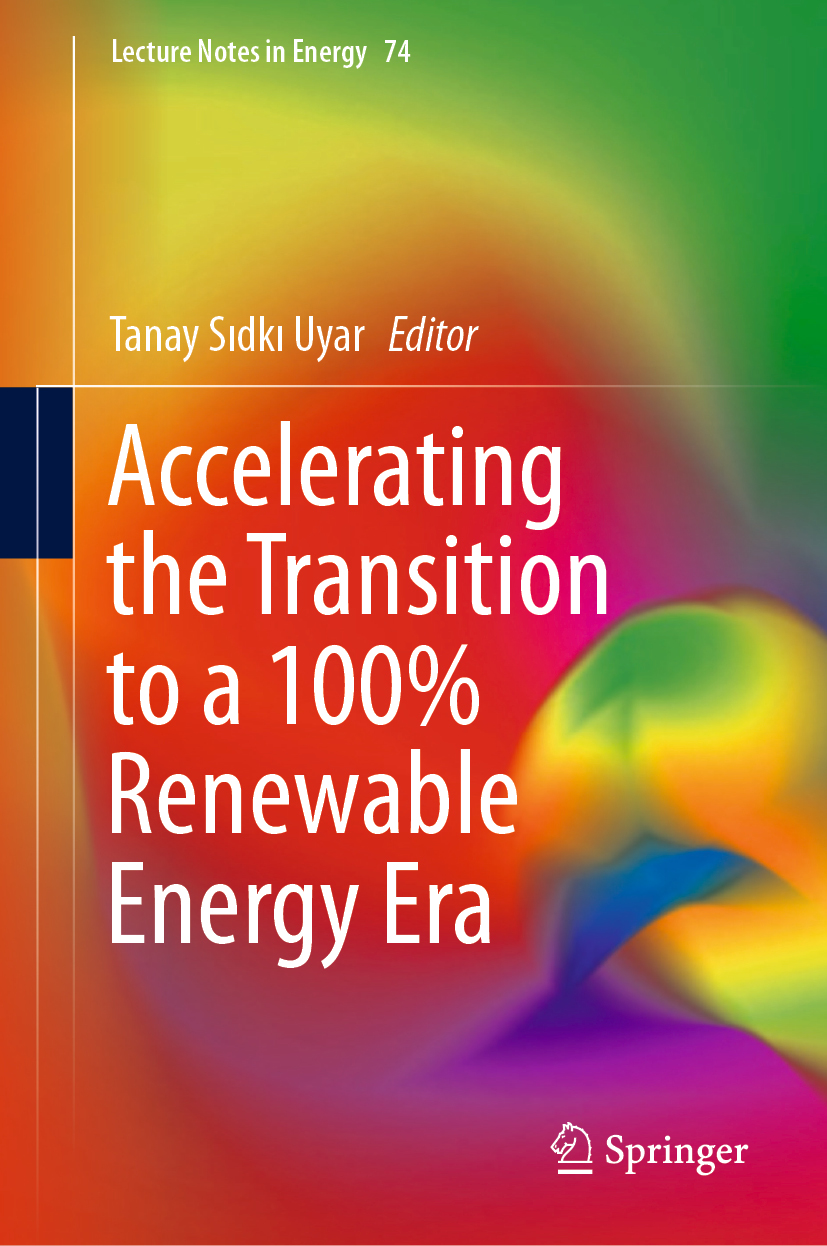
Accelerating the Transition to a 100% Renewable Energy Era This book discusses renewable energy systems and applications, and demonstrates how an accelerated transition to 100% renewable energy can be achieved. It examines the systems from a thermodynamic perspective, focusing on the irreversible aspects of the current energy system and highlighting the solutions developed to date. Presenting global research and developments, this book is intended for those working within the field of renewable energy research and policy who are interested in learning how they can contribute to the transition from fossil fuels to renewable resources. TECHNOLOGY & ENGINEERING,Power Resources,Alternative & Renewable

ICREEC 2019 This book highlights peer reviewed articles from the 1st International Conference on Renewable Energy and Energy Conversion, ICREEC 2019, held at Oran in Algeria. It presents recent advances, brings together researchers and professionals in the area and presents a platform to exchange ideas and establish opportunities for a sustainable future. Topics covered in this proceedings, but not limited to, are photovoltaic systems, bioenergy, laser and plasma technology, fluid and flow for energy, software for energy and impact of energy on the environment. TECHNOLOGY & ENGINEERING,Power Resources,Alternative & Renewable
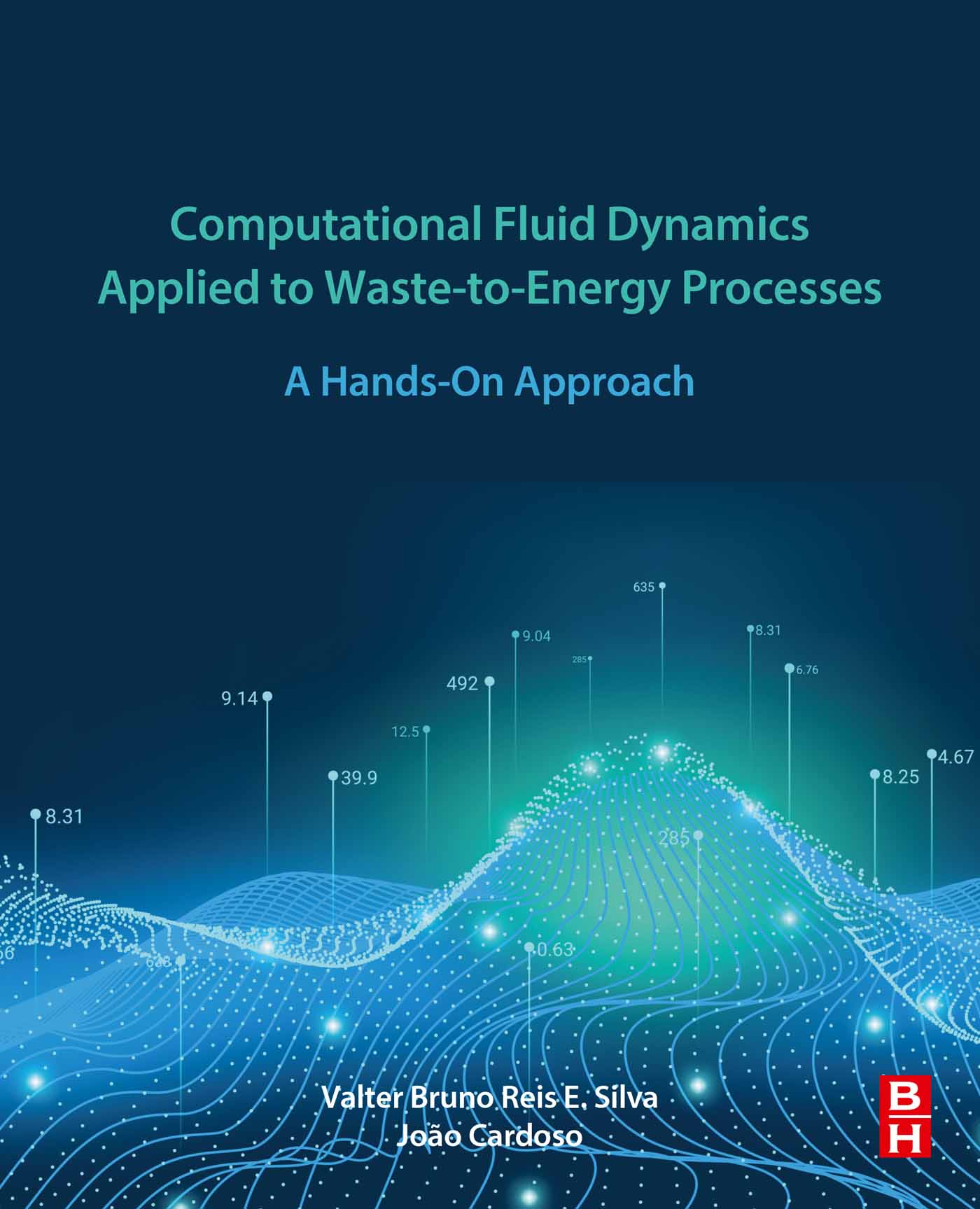
Computational Fluid Dynamics Applied to Waste-to-Energy Processes Computational Fluid Dynamics Applied to Waste-to-Energy Processes: A Hands-On Approach provides the key knowledge needed to perform CFD simulations using powerful commercial software tools. The book focuses on fluid mechanics, heat transfer and chemical reactions. To do so, the fundamentals of CFD are presented, with the entire workflow broken into manageable pieces that detail geometry preparation, meshing, problem setting, model implementation and post-processing actions. Pathways for process optimization using CFD integrated with Design of Experiments are also explored. The book’s combined approach of theory, application and hands-on practice allows engineering graduate students, advanced undergraduates and industry practitioners to develop their own simulations. Provides the skills needed to perform real-life simulation calculations through a combination of mathematical background and real-world examples, including step-by-step tutorials Presents worked examples in complex processes as combustion or gasification involving fluid dynamics, heat and mass transfer, and complex chemistry sets TECHNOLOGY & ENGINEERING,Power Resources,Alternative & Renewable

Sustainable Development in Energy and Environment This book presents select peer-reviewed proceedings of the International Conference on Sustainable Development in Energy and Environment (ICSDEE) 2019. The focus is on novel research in renewable energy resources and environmental issues and their implementation in augmenting sustainable development. This book includes chapters on solutions to problems faced by countries across the globe in the energy sector, pollution treatment processes, and other socially relevant topics like the possibility of extracting energy from the inexhaustible waste stream, waste disposal, waste management etc. This book will be useful for students, researchers as well as professionals interested in sustainable technologies, green energy, and biotechnology. TECHNOLOGY & ENGINEERING,Power Resources,Alternative & Renewable
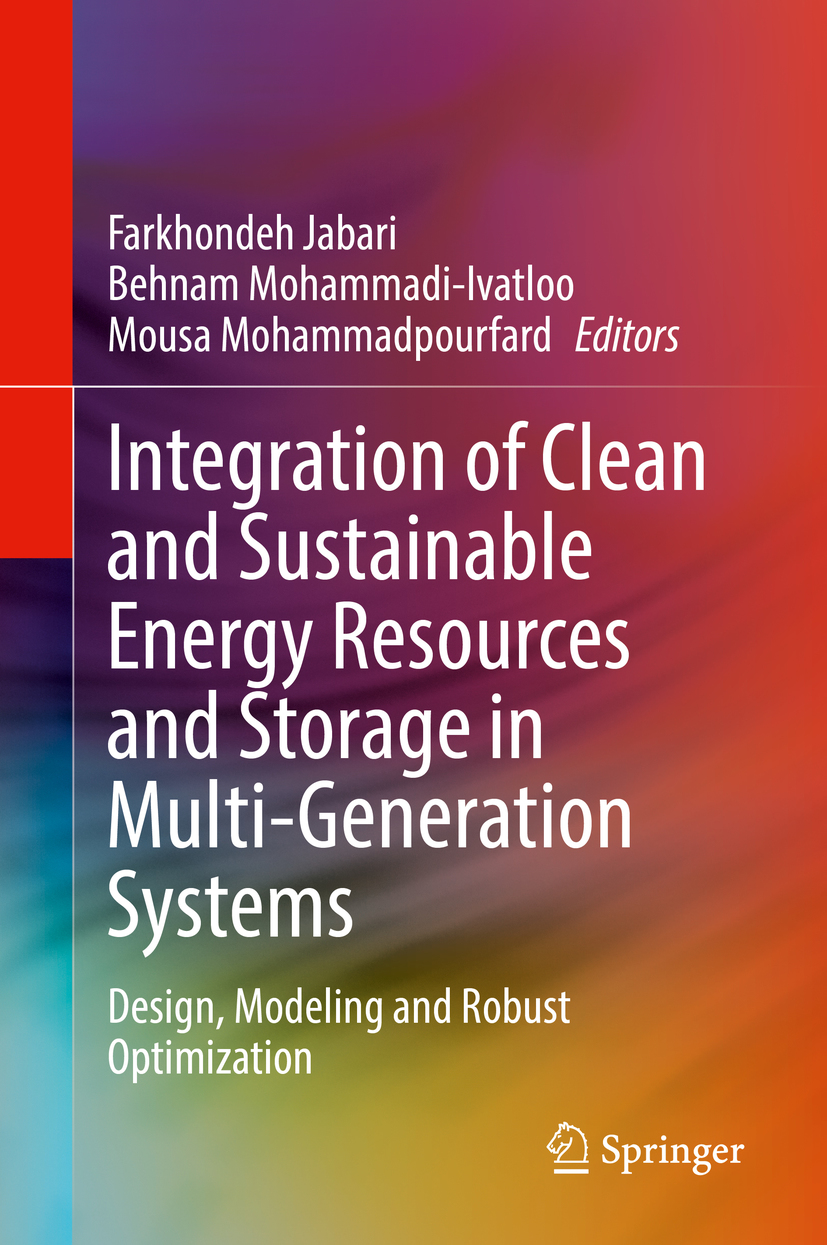
Integration of Clean and Sustainable Energy Resources and Storage in Multi-Generation Systems This book presents design principles, performance assessment and robust optimization of different poly-generation systems using renewable energy sources and storage technologies. Uncertainties associated with demands or the intermittent nature of renewables are considered in decision making processes. Economic and environmental benefits of these systems in comparison with traditional fossil fuels based ones are also provided. Case studies, numerical results, discussions, and concluding remarks have been presented for each proposed system/strategy. This book is a useful tool for students, researchers, and engineers trying to design and evaluate different zero-energy and zero-emission stand-alone grids. TECHNOLOGY & ENGINEERING,Power Resources,Alternative & Renewable

PV and the NEC Used throughout the United States and many other countries, the National Electrical Code (NEC) is the world’s most detailed set of electrical codes pertaining to photovoltaic (PV) systems. PV and the NEC presents a straightforward explanation of the NEC in everyday language. This new edition is based on the 2020 NEC, which will be used widely until 2026, with most of the interpretations and material staying true long after. This book interprets the distinct differences between previous versions of the NEC and the 2020 NEC and clarifies how these code changes relate specifically to PV installations. Written by two of the leading authorities and educators in the field, this book will be a vital resource for solar professionals, as well as anyone preparing for a solar certification exam. TECHNOLOGY & ENGINEERING,Power Resources,Alternative & Renewable
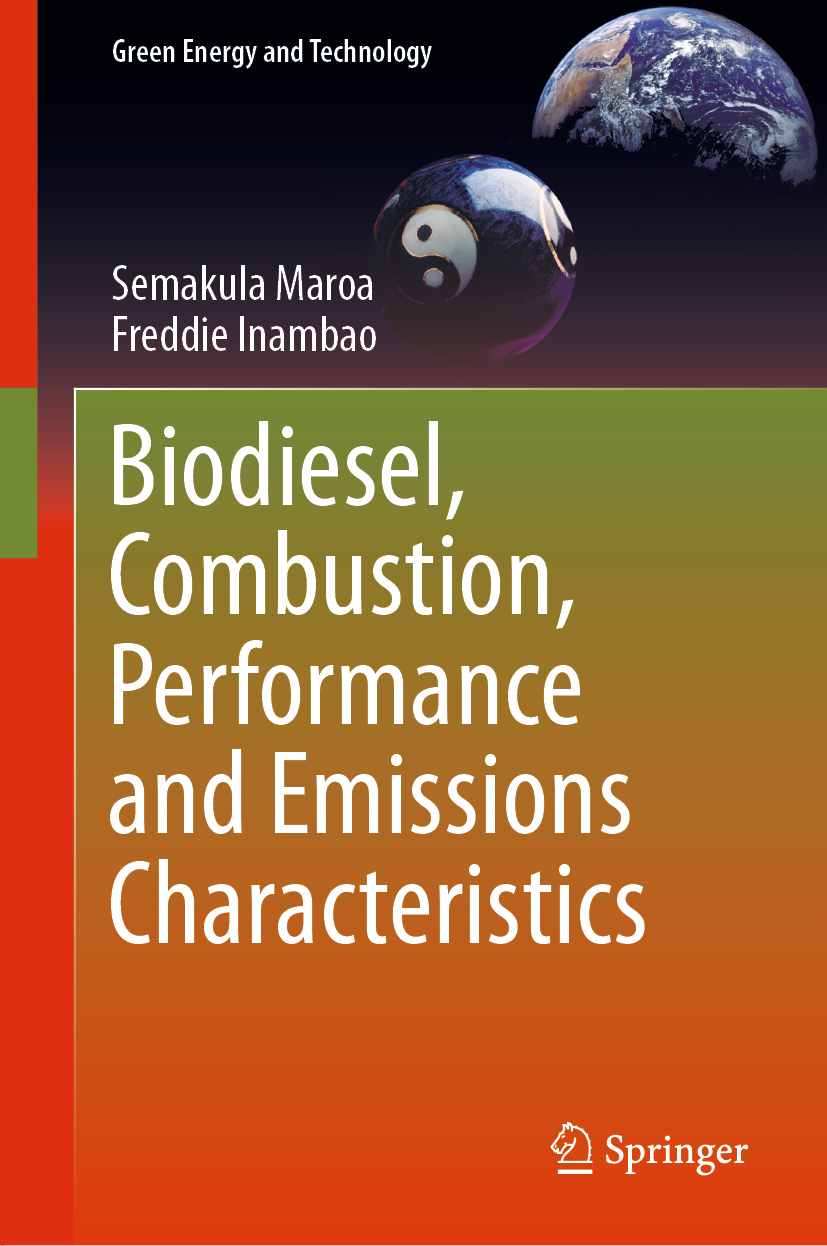
Biodiesel, Combustion, Performance and Emissions Characteristics This book focuses on biodiesel combustion, including biodiesel performance, emissions and control. It brings together a range of international research in combustion studies in order to offer a comprehensive resource for researchers, students and academics alike. The book begins with an introduction to biodiesel combustion, followed by a discussion of NOx formation routes. It then addresses biodiesel production processes and oil feedstocks in detail, discusses the physiochemical properties of biodiesel, and explores the benefits and drawbacks of these properties. Factors influencing the formation of emissions, including NOx emissions, are also dealt with thoroughly. Lastly, the book discusses the mechanisms of pollution and different approaches used to reduce pollutants in connection with biodiesel. Each approach is considered in detail, and diagrams are provided to illustrate the points in line with industry standard control mechanisms. TECHNOLOGY & ENGINEERING,Power Resources,Alternative & Renewable
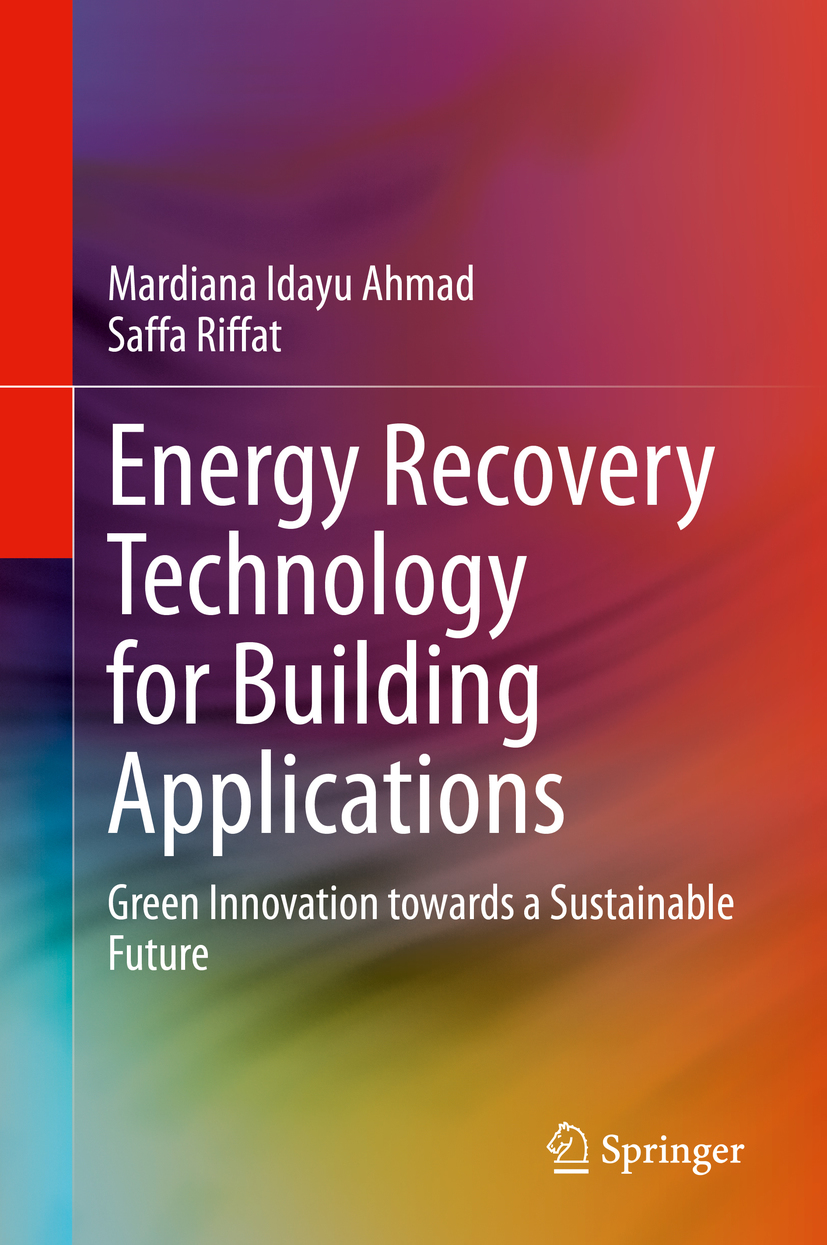
Energy Recovery Technology for Building Applications This book discusses energy recovery technology, a green innovation that can be used in buildings. This technology reduces energy consumption in buildings and provides energy savings to conventional mechanical ventilation systems. Divided into eight chapters, the book provides in-depth technical information, state-of-the-art research, and latest developments in the energy recovery technology field. Case-studies describe worldwide applications of energy recovery technology and its integrated system for building services. This book will be used as a general and technical reference book for students, engineers, professionals, practitioners, scientists, and researchers seeking to reduce energy consumption of buildings in various climatic conditions. Presents an overview of energy consumption scenarios in buildings and the needs for energy-efficient technologies at regional and global levels; Explains models and methods of energy recovery technology performance evaluation; Inspires further research into energy recovery technology for building applications. TECHNOLOGY & ENGINEERING,Power Resources,Alternative & Renewable
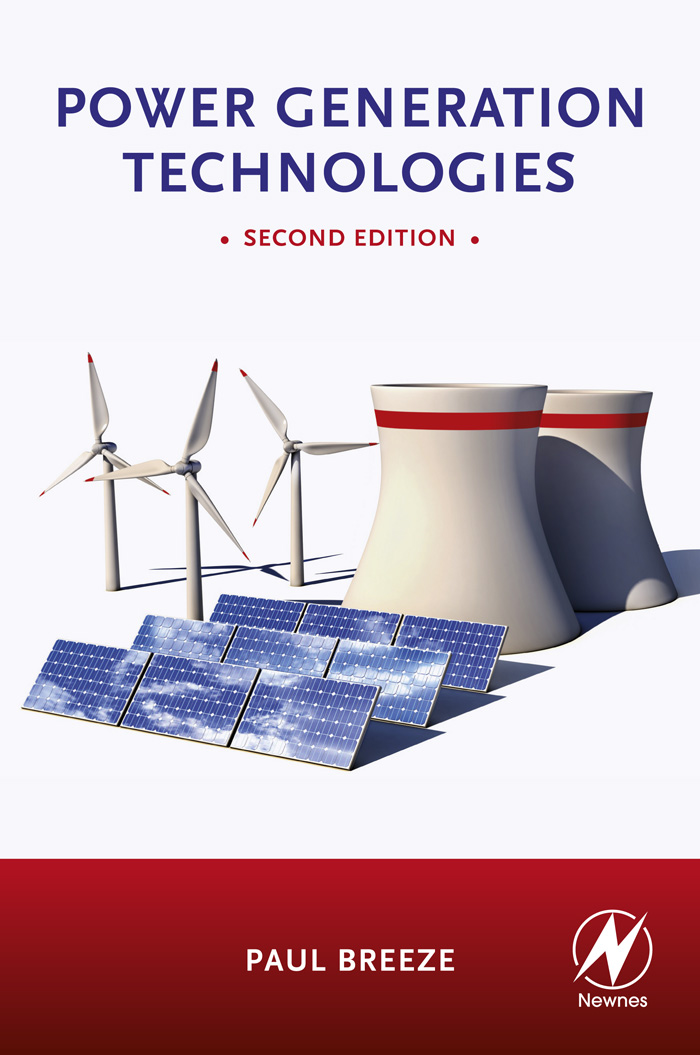
Power Generation Technologies The new edition of Power Generation Technologies is a concise and readable guide that provides an introduction to the full spectrum of currently available power generation options, from traditional fossil fuels and the better established alternatives such as wind and solar power, to emerging renewables such as biomass and geothermal energy. Technology solutions such as combined heat and power and distributed generation are also explored. However, this book is more than just an account of the technologies – for each method the author explores the economic and environmental costs and risk factors. Each technology is covered using the same basic criteria so that comparisons between technologies can be made more easily. Those involved in planning and delivering energy – including engineers, managers and policy makers – will find in this book a guide through the minefield of maintaining a reliable power supply, meeting targets on greenhouse gas emissions, and addressing economic and social objectives. Provides a unique comparison of a wide range of power generation technologies from oil, coal, nuclear and natural gas, to geothermal, wind, solar, and bioenergy Hundreds of diagrams demystify how each technology functions in practice Evaluates the economic and environmental viability of each power generation system covered New chapters covering fast-advancing renewable and alternative power sources such as municipal waste and concentrating solar plants Fresh focus the evolution of traditional technologies such as natural gas and "clean coal" Expanded coverage of distributed power generation and CHP (combined heat and power) technologies TECHNOLOGY & ENGINEERING,Power Resources,Electrical
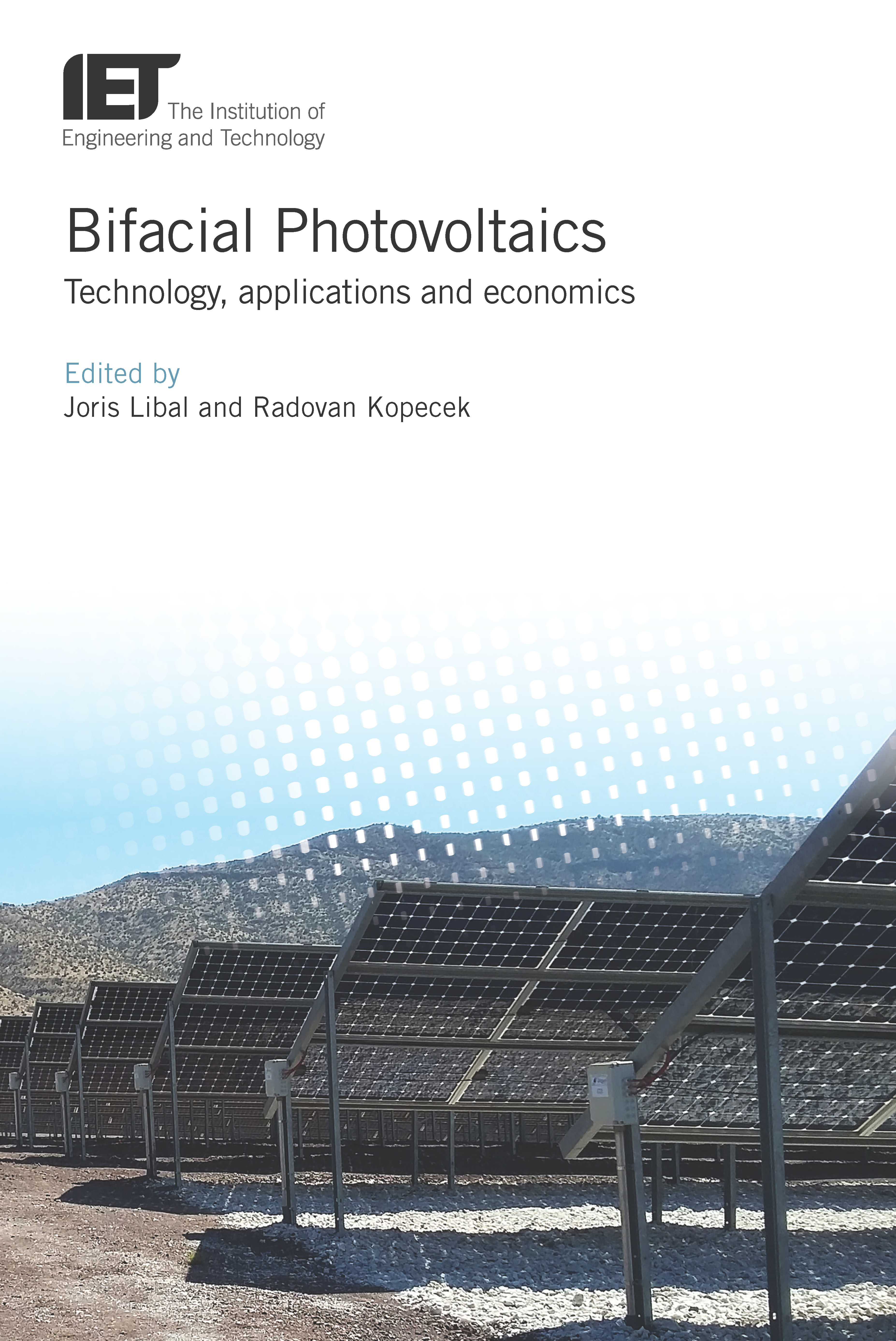
Bifacial Photovoltaics Bifacial Photovoltaics: Technology, applications and economics provides an overview of the history, status and future of bifacial PV technology with a focus on crystalline silicon technology, covering the areas of cells, modules, and systems. In addition, topics like energy yield simulations and bankability are addressed. TECHNOLOGY & ENGINEERING,Power Resources,Electrical

Electrical Steels Electrical steels are critical components of magnetic cores used in applications ranging from large rotating machines, including energy generating equipment, and transformers to small instrument transformers and harmonic filters. This comprehensive handbook provides full coverage of the state-of-the-art in electrical steels. TECHNOLOGY & ENGINEERING,Power Resources,Electrical
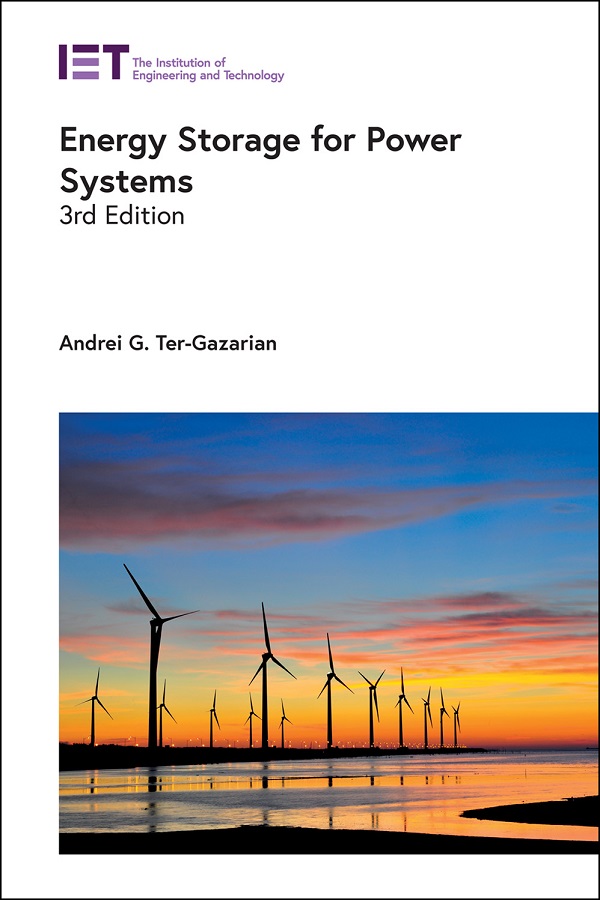
Energy Storage for Power Systems The supply of energy from renewables is not constant, and energy storage is essential in enabling higher shares of renewable energy. This 3rd Edition has been thoroughly revised, reviewing different types of renewables and considering possibilities arising from integrating a combination of different storage technologies into a system. TECHNOLOGY & ENGINEERING,Power Resources,Electrical
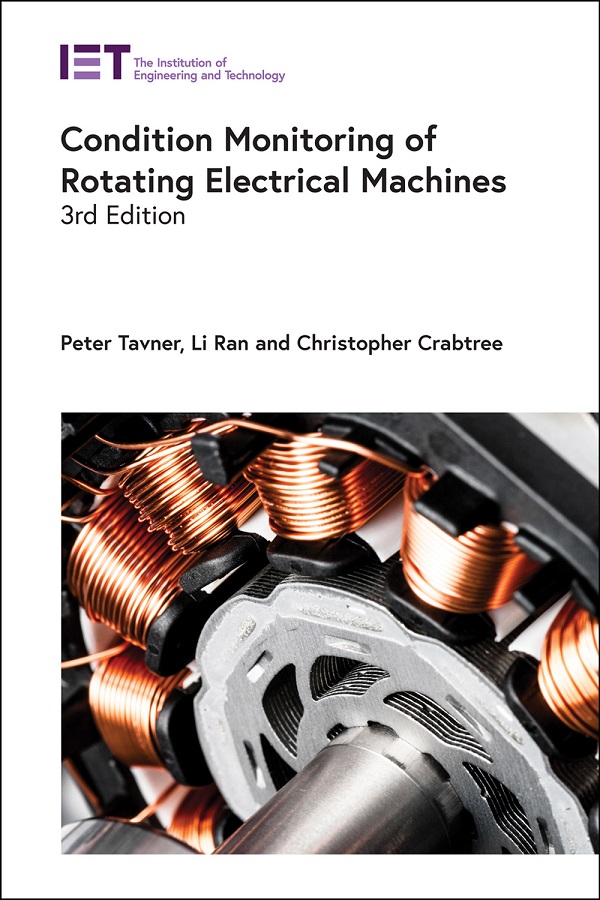
Condition Monitoring of Rotating Electrical Machines Written by a team of world-class experts, this book mirrors the situation in industry today and the options provided by advanced electronics and computer technology. This is a key reference for academic and professional researchers and engineers in the energy, process engineering and manufacturing industries. TECHNOLOGY & ENGINEERING,Power Resources,Electrical
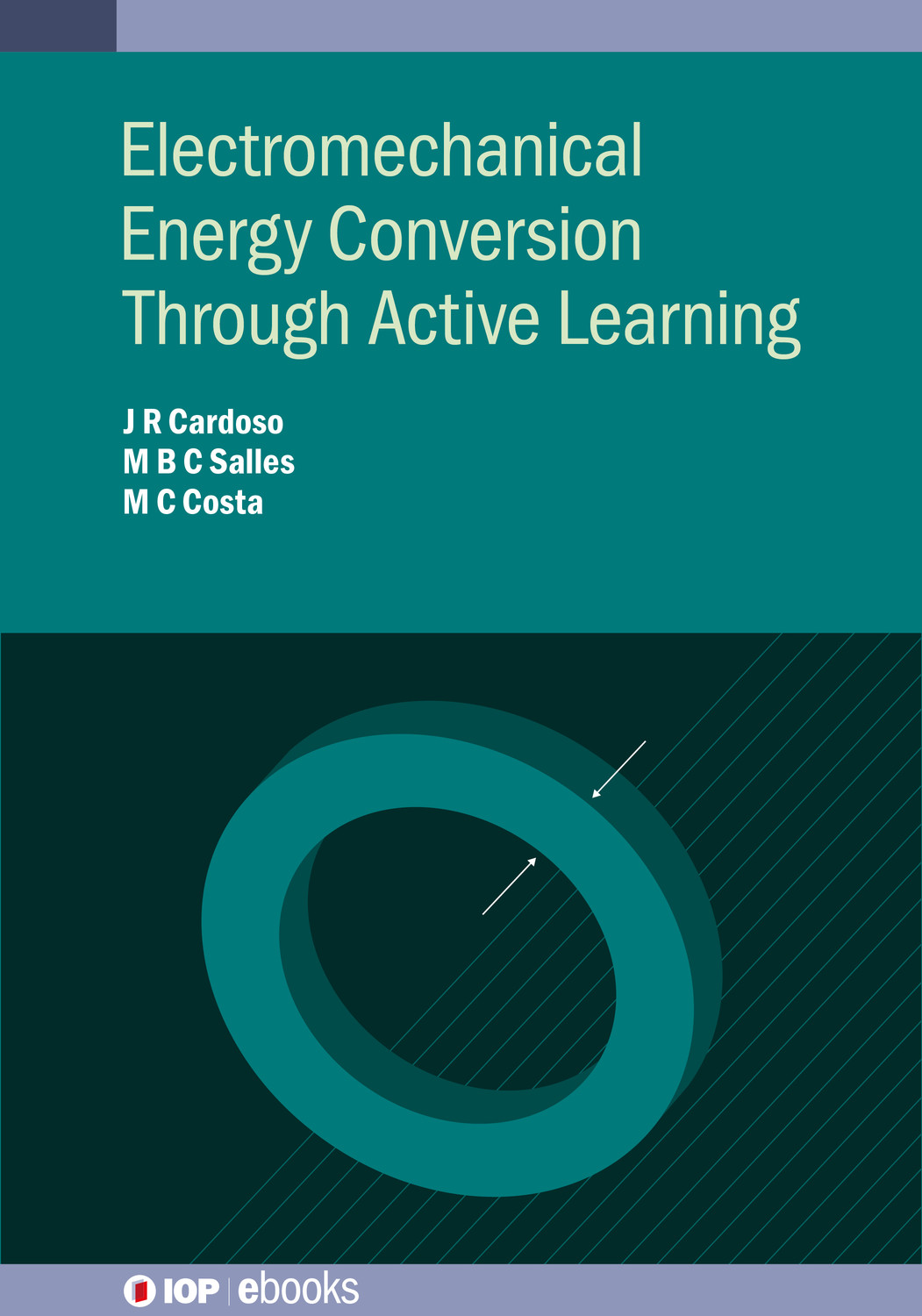
Electromechanical Energy Conversion Through Active Learning Thisbook introduces the basic concepts of electromechanical energy conversion through active learning. It is a valuable textbook for undergraduatestudents in energy conversion and offers a simplified reference forprofessionals. TECHNOLOGY & ENGINEERING,Power Resources,Electrical
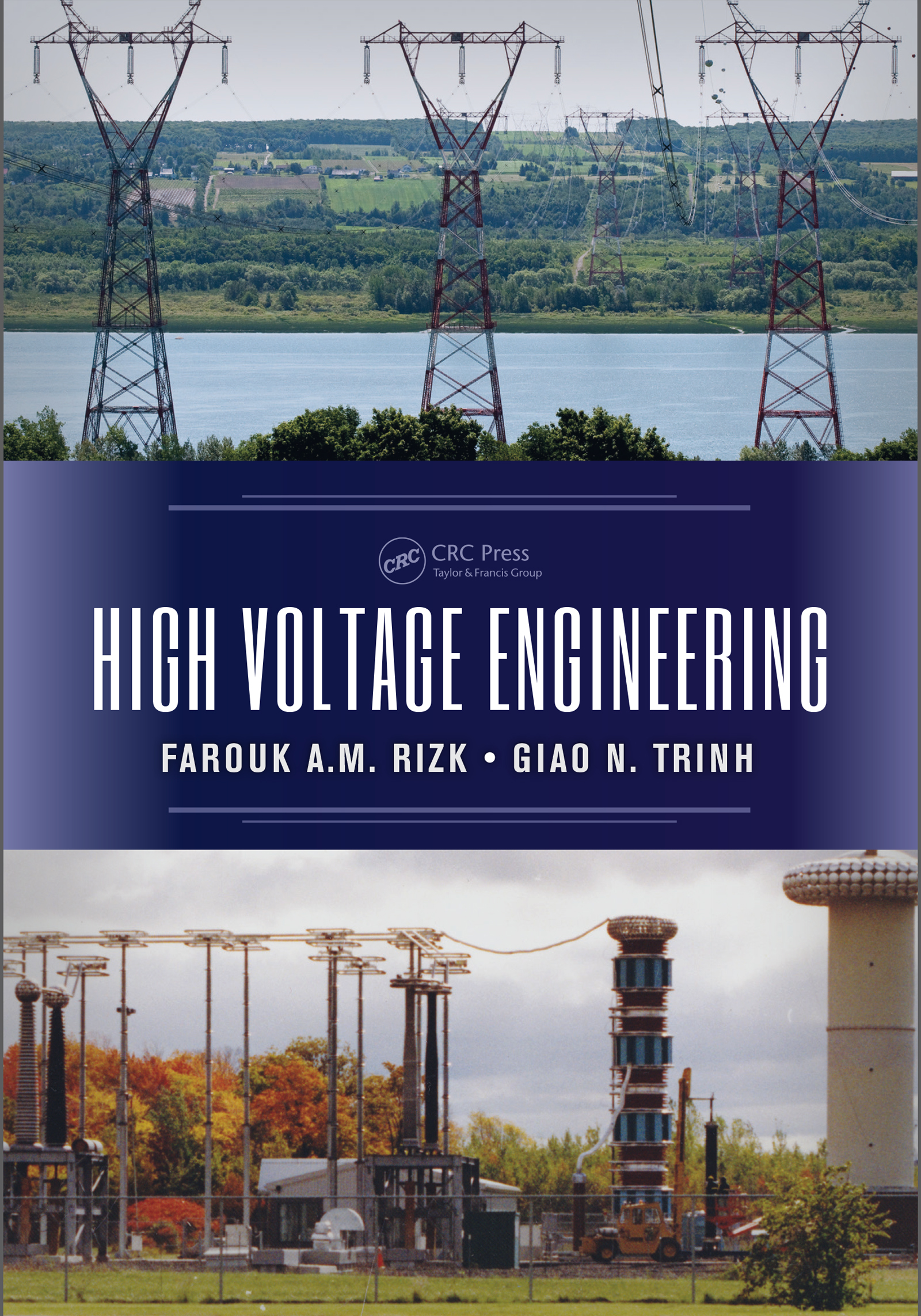
High Voltage Engineering Inspired by a new revival of worldwide interest in extra-high-voltage (EHV) and ultra-high-voltage (UHV) transmission, High Voltage Engineering merges the latest research with the extensive experience of the best in the field to deliver a comprehensive treatment of electrical insulation systems for the next generation of utility engineers and electric power professionals. The book offers extensive coverage of the physical basis of high-voltage engineering, from insulation stress and strength to lightning attachment and protection and beyond. Presenting information critical to the design, selection, testing, maintenance, and operation of a myriad of high-voltage power equipment, this must-have text: Discusses power system overvoltages, electric field calculation, and statistical analysis of ionization and breakdown phenomena essential for proper planning and interpretation of high-voltage tests Considers the breakdown of gases (SF6), liquids (insulating oil), solids, and composite materials, as well as the breakdown characteristics of long air gaps Describes insulation systems currently used in high-voltage engineering, including air insulation and insulators in overhead power transmission lines, gas-insulated substation (GIS) and cables, oil-paper insulation in power transformers, paper-oil insulation in high-voltage cables, and polymer insulation in cables Examines contemporary practices in insulation coordination in association with the International Electrotechnical Commission (IEC) definition and the latest standards Explores high-voltage testing and measuring techniques, from generation of test voltages to digital measuring methods With an emphasis on handling practical situations encountered in the operation of high-voltage power equipment, High Voltage Engineering provides readers with a detailed, real-world understanding of electrical insulation systems, including the various factors affecting—and the actual means of evaluating—insulation performance and their application in the establishment of technical specifications. TECHNOLOGY & ENGINEERING,Power Resources,Electrical
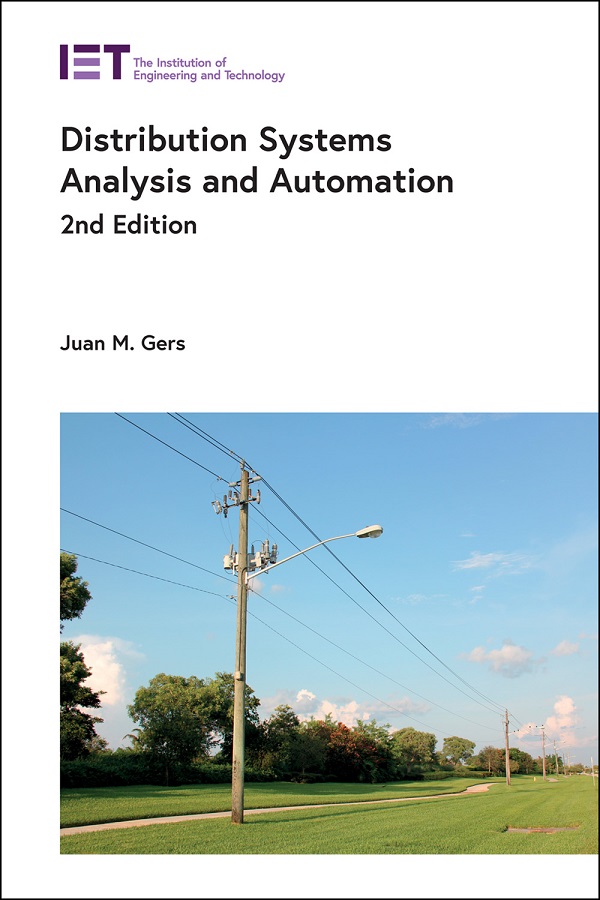
Distribution Systems Analysis and Automation Distribution systems analysis uses techniques to simulate, analyse, and optimise power distribution systems. Together with automation, these techniques underpin the smart grid. Distribution systems are facing growing challenges, due to increasing demand as well as the rising shares of distributed and volatile renewable energy sources. TECHNOLOGY & ENGINEERING,Power Resources,Electrical
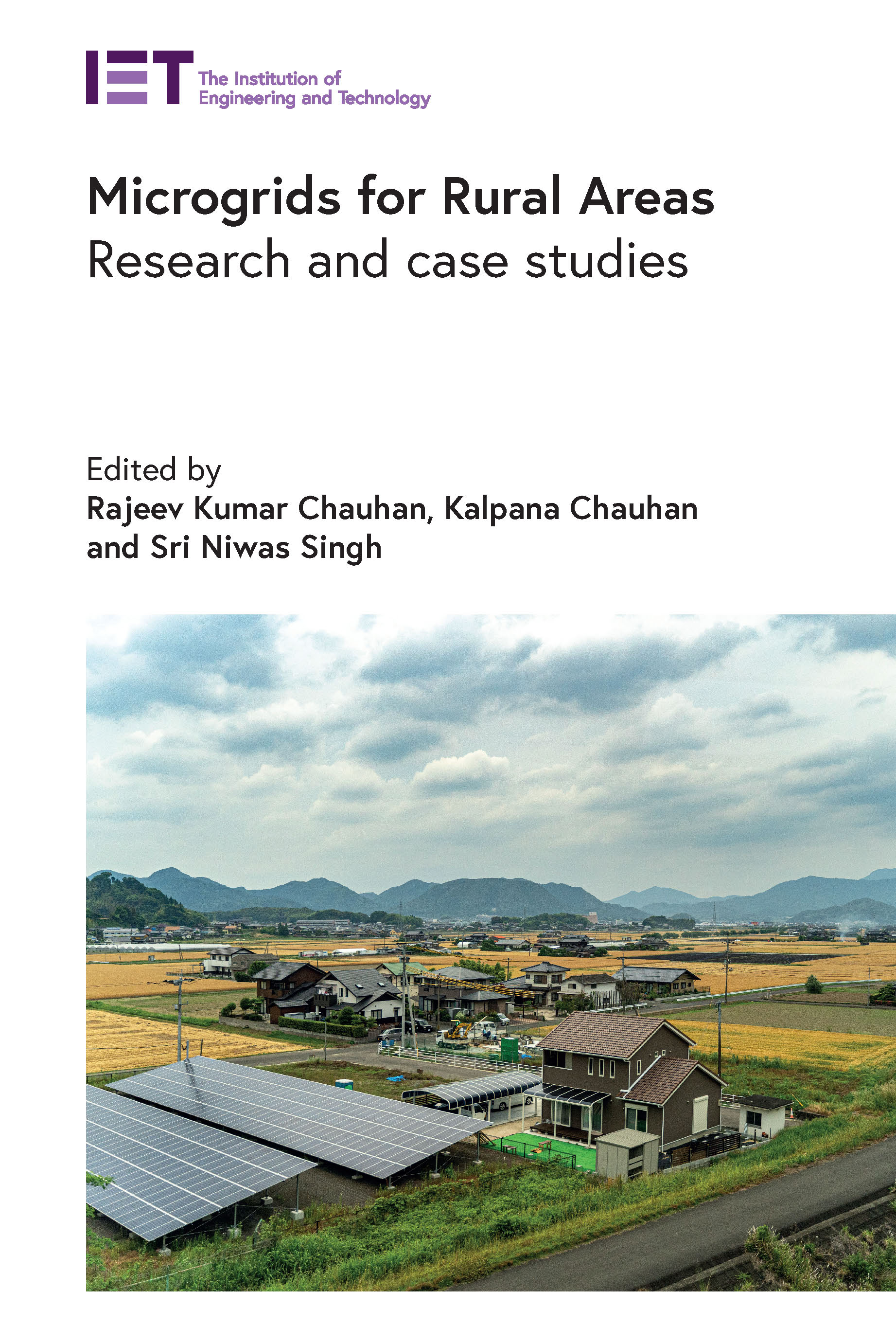
Microgrids for Rural Areas This book focuses on the challenges of rural electrification, particularly in poorer regions. It covers low voltage DC distribution system for various applications including charging of electric vehicles (EV). TECHNOLOGY & ENGINEERING,Power Resources,Electrical
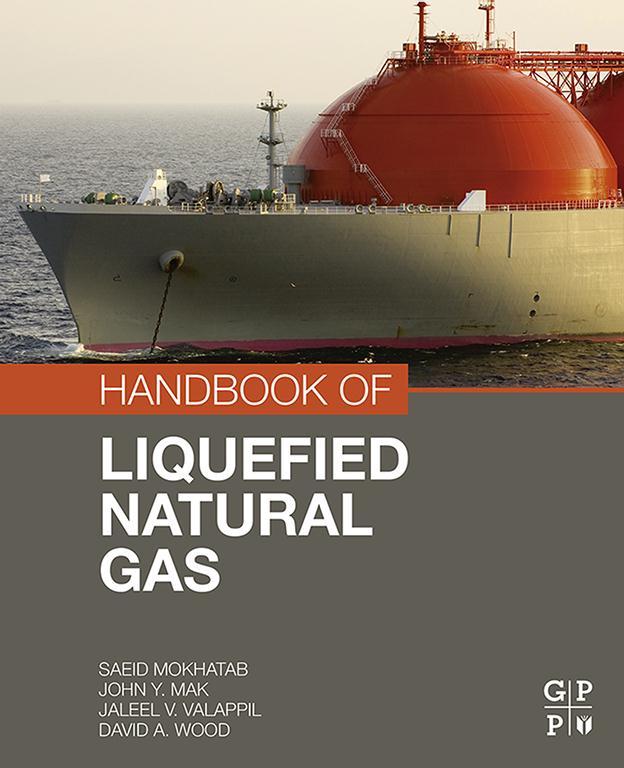
Handbook of Liquefied Natural Gas Liquefied natural gas (LNG) is a commercially attractive phase of the commodity that facilitates the efficient handling and transportation of natural gas around the world. The LNG industry, using technologies proven over decades of development, continues to expand its markets, diversify its supply chains and increase its share of the global natural gas trade. The Handbook of Liquefied Natural Gas is a timely book as the industry is currently developing new large sources of supply and the technologies have evolved in recent years to enable offshore infrastructure to develop and handle resources in more remote and harsher environments. It is the only book of its kind, covering the many aspects of the LNG supply chain from liquefaction to regasification by addressing the LNG industries’ fundamentals and markets, as well as detailed engineering and design principles. A unique, well-documented, and forward-thinking work, this reference book provides an ideal platform for scientists, engineers, and other professionals involved in the LNG industry to gain a better understanding of the key basic and advanced topics relevant to LNG projects in operation and/or in planning and development. Highlights the developments in the natural gas liquefaction industries and the challenges in meeting environmental regulations Provides guidelines in utilizing the full potential of LNG assets Offers advices on LNG plant design and operation based on proven practices and design experience Emphasizes technology selection and innovation with focus on a “fit-for-purpose design Updates code and regulation, safety, and security requirements for LNG applications TECHNOLOGY & ENGINEERING,Power Resources,Fossil Fuels
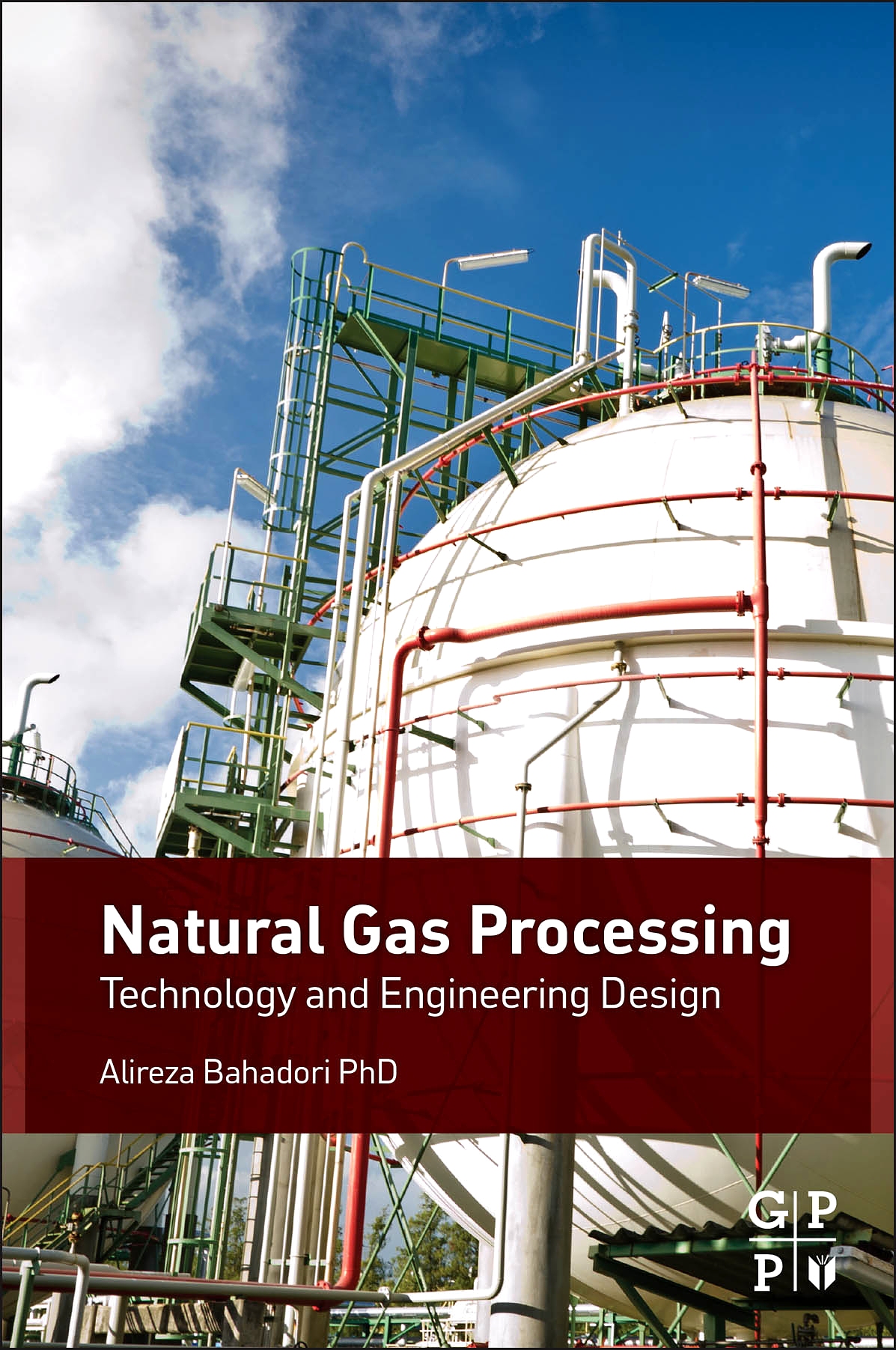
Natural Gas Processing Natural gas is considered the dominant worldwide bridge between fossil fuels of today and future resources of tomorrow. Thanks to the recent shale boom in North America, natural gas is in a surplus and quickly becoming a major international commodity. Stay current with conventional and now unconventional gas standards and procedures with Natural Gas Processing: Technology and Engineering Design. Covering the entire natural gas process, Bahadori's must-have handbook provides everything you need to know about natural gas, including: Fundamental background on natural gas properties and single/multiphase flow factors How to pinpoint equipment selection criteria, such as US and international standards, codes, and critical design considerations A step-by-step simplification of the major gas processing procedures, like sweetening, dehydration, and sulfur recovery Detailed explanation on plant engineering and design steps for natural gas projects, helping managers and contractors understand how to schedule, plan, and manage a safe and efficient processing plant Covers both conventional and unconventional gas resources such as coal bed methane and shale gas Bridges natural gas processing with basic and advanced engineering design of natural gas projects including real world case studies Digs deeper with practical equipment sizing calculations for flare systems, safety relief valves, and control valves TECHNOLOGY & ENGINEERING,Power Resources,Fossil Fuels
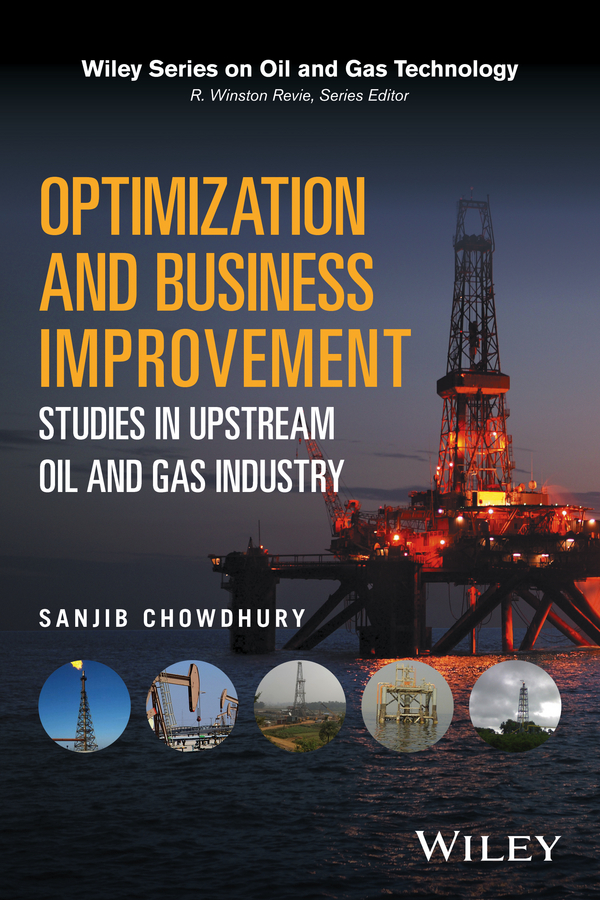
Optimization and Business Improvement Studies in Upstream Oil and Gas Industry Delves into the core and functional areas in the upstream oil and gas industry covering a wide range of operations and processes Oil and gas exploration and production (E&P) activities are costly, risky and technology-intensive. With the rise in global demand for oil and fast depletion of easy reserves, the search for oil is directed to more difficult areas – deepwater, arctic region, hostile terrains; and future production is expected to come from increasingly difficult reserves – deeper horizon, low quality crude. All these are making E&P activities even more challenging in terms of operations, technology, cost and risk. Therefore, it is necessary to use scarce resources judiciously and optimize strategies, cost and capital, and improve business performance in all spheres of E&P business. Optimization and Business Improvement Studies in Upstream Oil and Gas Industry contains eleven real-life optimization and business improvement studies that delve into the core E&P activities and functional areas covering a wide range of operations and processes. It uses various quantitative and qualitative techniques, such as Linear Programing, Queuing theory, Critical Path Analysis, Economic analysis, Best Practices Benchmark, Business Process Simplification etc. to optimize Productivity of drilling operations Controllable rig time loss Deepwater exploration strategy Rig move time and activity schedule Offshore supply vessel fleet size Supply chain management system Strategic workforce and human resource productivity Base oil price for a country Standardize consumption of materials Develop uniform safety standards for offshore installations Improve organizational efficiency through business process simplification The book will be of immense interest to practicing managers, professionals and employees at all levels/ disciplines in oil and gas industry. It will also be useful to academicians, scholars, educational institutes, energy research institutes, and consultants dealing with oil and gas. The work can be used as a practical guide to upstream professionals and students in petroleum engineering programs. TECHNOLOGY & ENGINEERING,Power Resources,Fossil Fuels
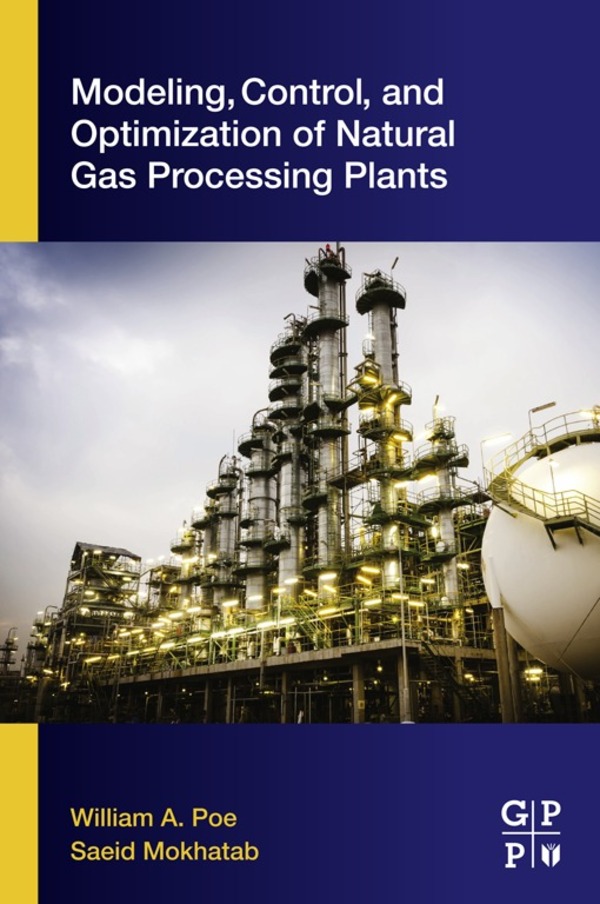
Modeling, Control, and Optimization of Natural Gas Processing Plants Modeling, Control, and Optimization of Natural Gas Processing Plants presents the latest on the evolution of the natural gas industry, shining a light on the unique challenges plant managers and owners face when looking for ways to optimize plant performance and efficiency, including topics such as the various feed gas compositions, temperatures, pressures, and throughput capacities that keep them looking for better decision support tools. The book delivers the first reference focused strictly on the fast-growing natural gas markets. Whether you are trying to magnify your plants existing capabilities or are designing a new facility to handle more feedstock options, this reference guides you by combining modeling control and optimization strategies with the latest developments within the natural gas industry, including the very latest in algorithms, software, and real-world case studies. Helps users adapt their natural gas plant quickly with optimization strategies and advanced control methods Presents real-world application for gas process operations with software and algorithm comparisons and practical case studies Provides coverage on multivariable control and optimization on existing equipment Allows plant managers and owners the tools they need to maximize the value of the natural gas produced TECHNOLOGY & ENGINEERING,Power Resources,Fossil Fuels

Power Hungry The promise of "green jobs" and a "clean energy future" has roused the masses. But as Robert Bryce makes clear in this provocative book, that vision needs a major re-vision. We cannot -- and will not -- quit using carbon-based fuels at any time in the near future for a simple reason: they provide the horsepower that we crave. The hard reality is that oil, coal, and natural gas are here to stay. Fueling our society requires more than sentiment and rhetoric; we need to make good decisions and smart investments based on facts. In Power Hungry, Bryce provides a supertanker-load of footnoted facts while shepherding readers through basic physics and math. And with the help of a panoply of vivid graphics and tables, he crushes a phalanx of energy myths, showing why renewables are not green, carbon capture and sequestration won't work, and even -- surprise! -- that the U.S. is leading the world in energy efficiency. He also charts the amazing growth of the fuels of the future: natural gas and nuclear. Power Hungry delivers a clear-eyed view of what America has "in the tank," and what's needed to transform the gargantuan global energy sector. TECHNOLOGY & ENGINEERING,Power Resources,Fossil Fuels
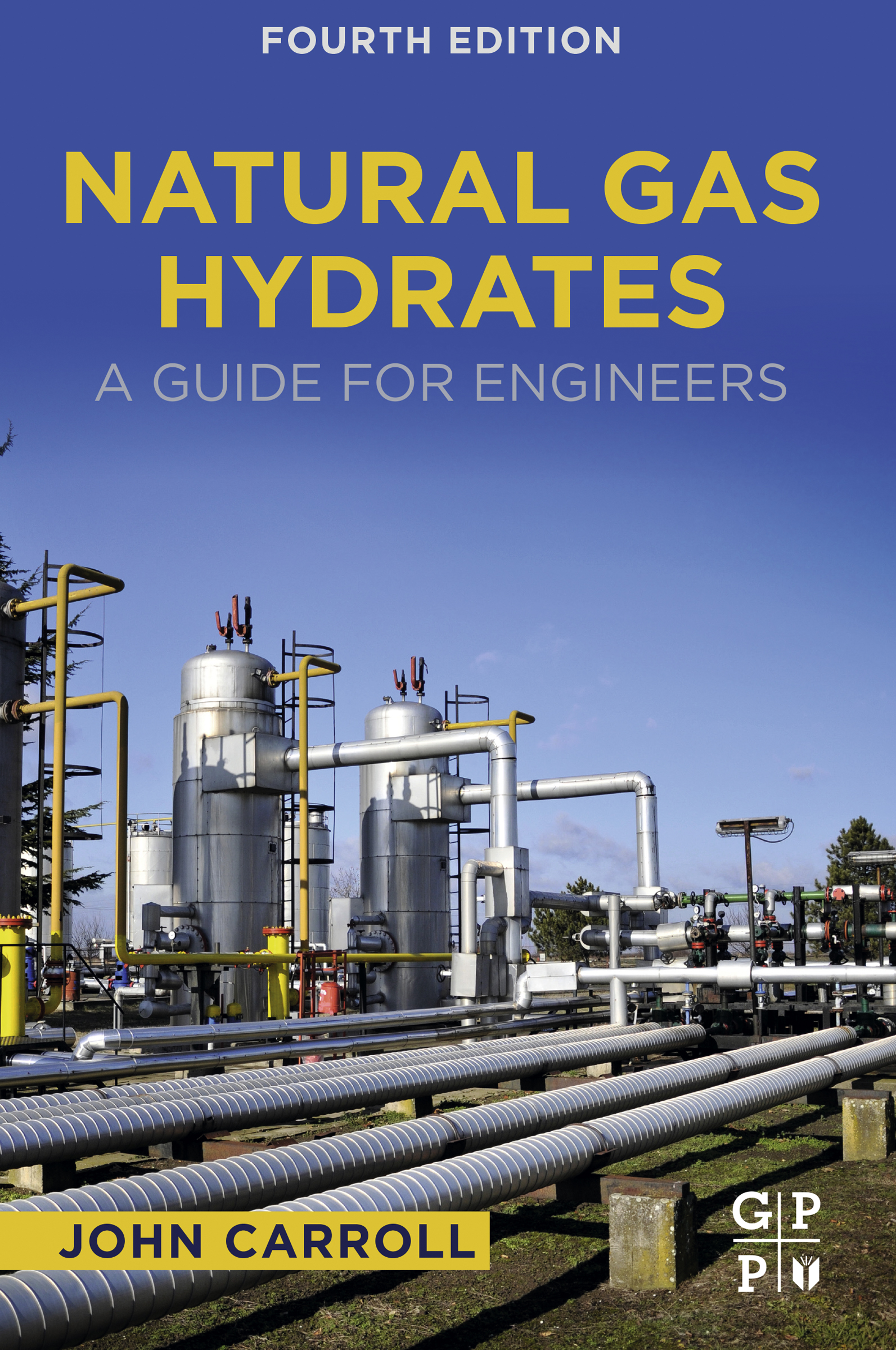
Natural Gas Hydrates Natural Gas Hydrates, Fourth Edition, provides a critical reference for engineers who are new to the field. Covering the fundamental properties, thermodynamics and behavior of hydrates in multiphase systems, this reference explains the basics before advancing to more practical applications, the latest developments and models. Updated sections include a new hydrate toolbox, updated correlations and computer methods. Rounding out with new case study examples, this new edition gives engineers an important tool to continue to control and mitigate hydrates in a safe and effective manner. Presents an updated reference with structured comparisons on hydrate calculation methods that are supported by practical case studies and a current list of inhibitor patents Provides a comprehensive understanding of new hydrate management strategies, particularly for multiphase pipeline operations Covers future challenges, such as carbon sequestration with simultaneous production of methane from hydrates TECHNOLOGY & ENGINEERING,Power Resources,Fossil Fuels
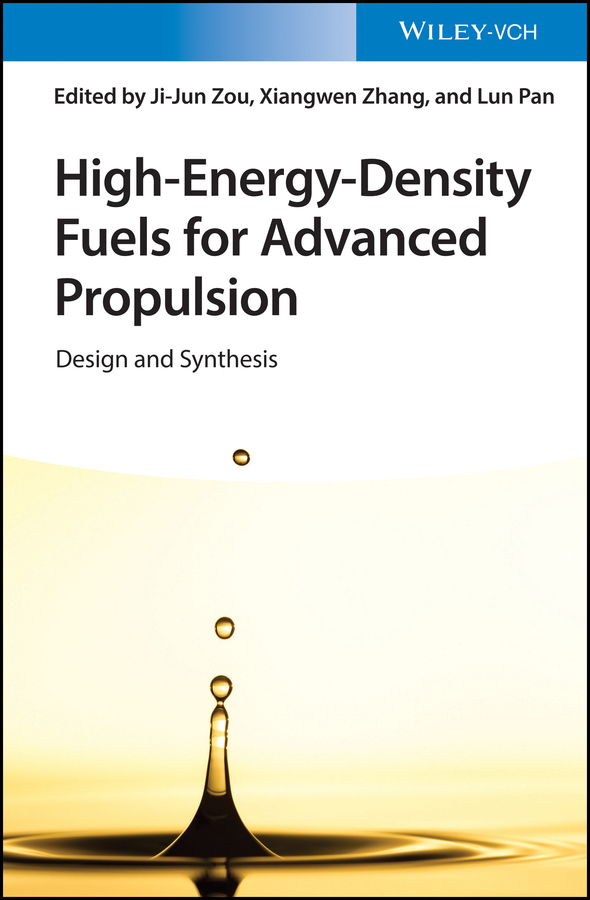
High-Energy-Density Fuels for Advanced Propulsion This book comprehensively and systematically demonstrates the theory and practice of designing, synthesizing and improving the performance of fuels. The contents range from polycyoalkane fuels, strained fuels, alky-diamondoid fuels, hypergolic and nanofluid fuels derived from fossil and biomass. All the chapters together clearly describe the important aspects of high-energy-density fuels including molecular design, synthesis route, physiochemical properties, and their application in improving the aerocraft performance. Vivid schematics and illustrations throughout the book enhance the accessibility to the relevant theory and technologies. This book provides the readers with fundamentals on high-energy-density fuels and their potential in advanced aerospace propulsion, and also provides the readers with inspiration for new development of advanced aerospace fuels. TECHNOLOGY & ENGINEERING,Power Resources,Fossil Fuels

Wind Energy Explained Wind energy’s bestselling textbook- fully revised. This must-have second edition includes up-to-date data, diagrams, illustrations and thorough new material on: the fundamentals of wind turbine aerodynamics; wind turbine testing and modelling; wind turbine design standards; offshore wind energy; special purpose applications, such as energy storage and fuel production. Fifty additional homework problems and a new appendix on data processing make this comprehensive edition perfect for engineering students. This book offers a complete examination of one of the most promising sources of renewable energy and is a great introduction to this cross-disciplinary field for practising engineers. “provides a wealth of information and is an excellent reference book for people interested in the subject of wind energy.†(IEEE Power & Energy Magazine, November/December 2003) “deserves a place in the library of every university and college where renewable energy is taught.†(The International Journal of Electrical Engineering Education, Vol.41, No.2 April 2004) “a very comprehensive and well-organized treatment of the current status of wind power.†(Choice, Vol. 40, No. 4, December 2002) TECHNOLOGY & ENGINEERING,Power Resources,General
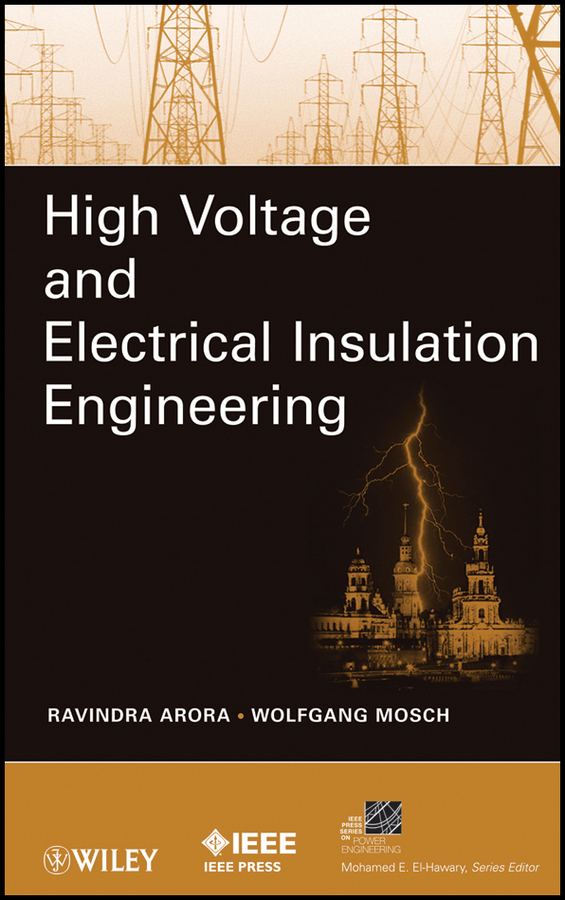
High Voltage and Electrical Insulation Engineering The book is written for students as well as for teachers and researchers in the field of High Voltage and Insulation Engineering. It is based on the advance level courses conducted at TU Dresden, Germany and Indian Institute of Technology Kanpur, India. The book has a novel approach describing the fundamental concept of field dependent behavior of dielectrics subjected to high voltage. There is no other book in the field of high voltage engineering following this new approach in describing the behavior of dielectrics. The contents begin with the description of fundamental terminology in the subject of high voltage engineering. It is followed by the classification of electric fields and the techniques of field estimation. Performance of gaseous, liquid and solid dielectrics under different field conditions is described in the subsequent chapters. Separate chapters on vacuum as insulation and the lightning phenomenon are included. TECHNOLOGY & ENGINEERING,Power Resources,General

Disturbance Analysis for Power Systems More than ninety case studies shed new light on power system phenomena and power system disturbances Based on the author's four decades of experience, this book enables readers to implement systems in order to monitor and perform comprehensive analyses of power system disturbances. Most importantly, readers will discover the latest strategies and techniques needed to detect and resolve problems that could lead to blackouts to ensure the smooth operation and reliability of any power system. Logically organized, Disturbance Analysis for Power Systems begins with an introduction to the power system disturbance analysis function and its implementation. The book then guides readers through the causes and modes of clearing of phase and ground faults occurring within power systems as well as power system phenomena and their impact on relay system performance. The next series of chapters presents more than ninety actual case studies that demonstrate how protection systems have performed in detecting and isolating power system disturbances in: Generators Transformers Overhead transmission lines Cable transmission line feeders Circuit breaker failures Throughout these case studies, actual digital fault recording (DFR) records, oscillograms, and numerical relay fault records are presented and analyzed to demonstrate why power system disturbances happen and how the sequence of events are deduced. The final chapter of the book is dedicated to practice problems, encouraging readers to apply what they've learned to perform their own system disturbance analyses. This book makes it possible for engineers, technicians, and power system operators to perform expert power system disturbance analyses using the latest tested and proven methods. Moreover, the book's many cases studies and practice problems make it ideal for students studying power systems. TECHNOLOGY & ENGINEERING,Power Resources,General
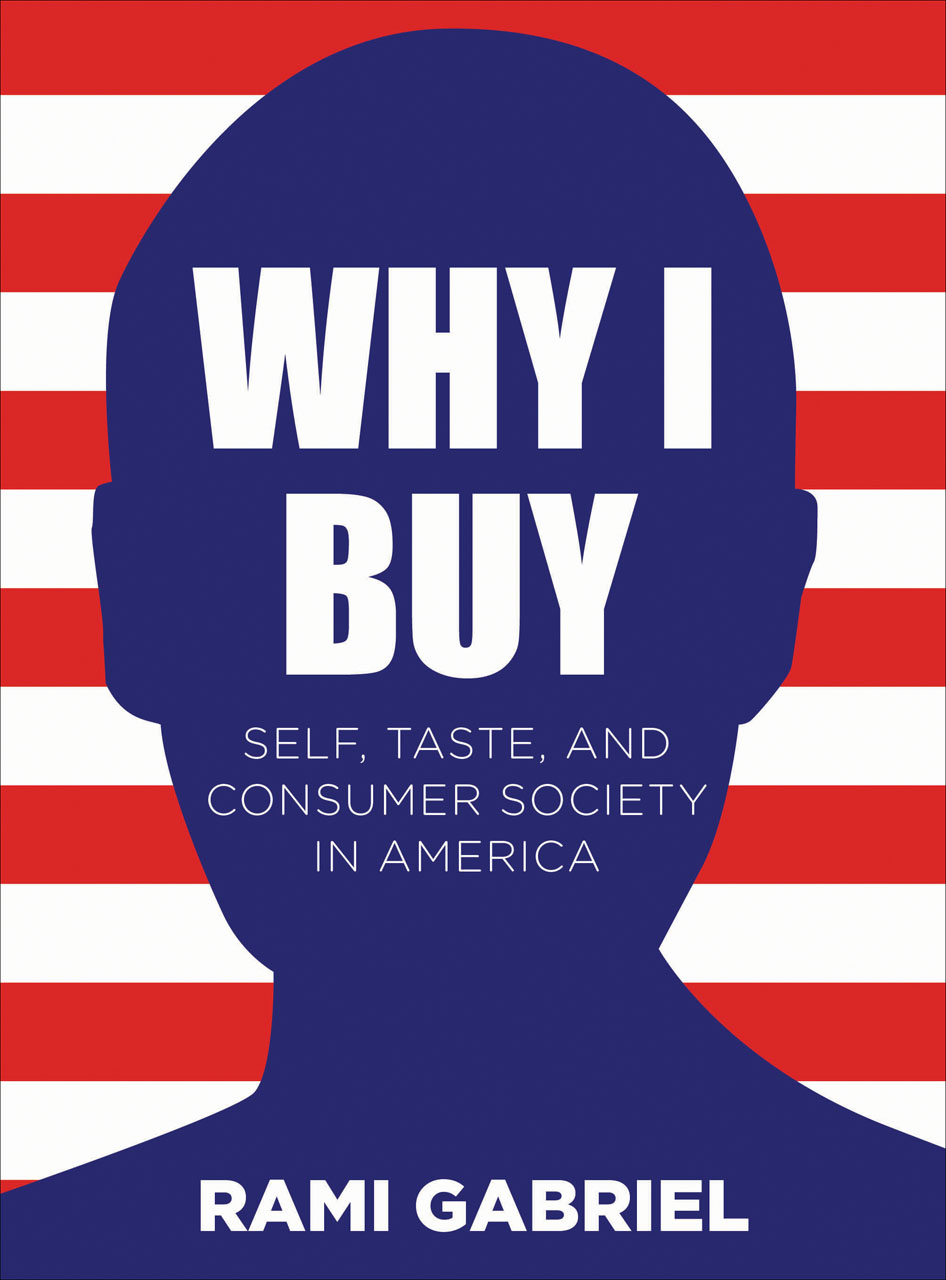
Why I Buy Why do we buy? How do our acts of - and ideas about - consumption impact our selves, our institutions and our societies? Why I Buy explains how consumption came to give meaning and value to social and personal life. Gabriel offers an analysis of the psychological roots of the American consumer society and points towards a more sustainable future. TECHNOLOGY & ENGINEERING,Power Resources,General
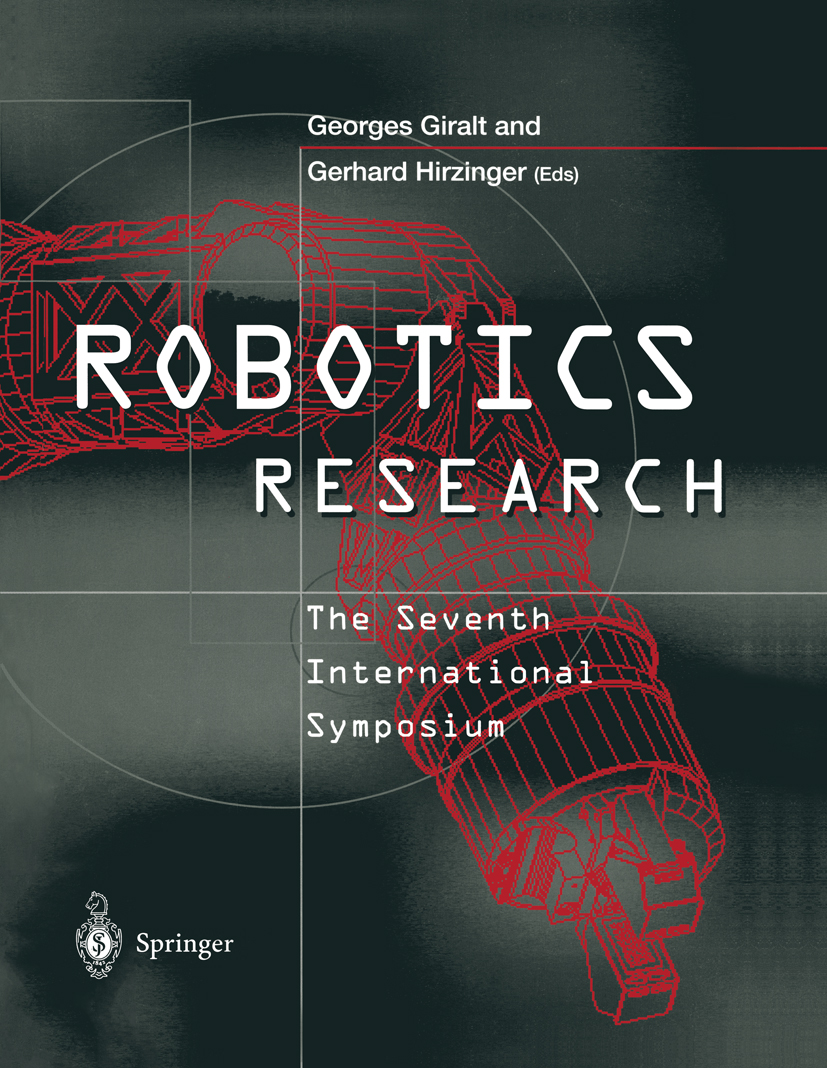
Robotics Research 1. Manipulation.- Session Summary.- Hands for Dexterous Manipulation, Powerful Grasping: A Difficult Road Towards Simplicity.- An Exploration of Nonprehensile Two-Palm Manipulation : Planning, Execution.- Control of Physical Contact, Dynamic Interaction.- Reorienting Objects with a Robot Hand Using Grasp Gaits.- 2. Control.- Session Summary.- Another Language for Describing Robot Motions: A Nonlinear Position-dependent Circuit Theory.- Nonlinear Behavior and Control of Underactuated Robotic Mechanisms.- Parallel Force/Position Control of Robot Manipulators.- Modeling, Controllability, Vibration Suppression of 3D Flexible Robots.- Moving Base Robotics and Reaction Management Control.- 3. Robot Assistance for Surgery and Personal Care.- Session Summary.- Robotic Aids for Laparoscopic Surgery Problems.- Design of Customized Rehabilitation Aids.- 4. Tight Coupling of Perception With Action.- Session Summary.- Perception-Action Network for Sensor Fusion and Planning.- Toward A Systems Theory for the Composition of Dynamically Dexterous Robot Behaviors.- Research Program on Mechanisms for Emergent Machine Intelligence.- 5. Telerobotics and Virtual Reality.- Session Summary.- Force Replication to the Human Operator: The Development of Arm and Hand Exoskeletons as Haptic Interfaces.- Intelligent Tele-Robotics.- Performance Measures for Haptic Interfaces.- Operator Control of Robotic Systems.- Haptic Virtual Reality: Display of Operating Feel of Dynamic Virtual Objects.- 6. Motion Planning and Task-Level Programming.- Session Summary.- Formal Verification in Robotics: Why and How?.- Robot Motion Planning in Dynamic Environments.- A Random Sampling Scheme for Path Planning.- Planar Manipulation on a Conveyor with a One Joint Robot.- 7. Learning and Skill Acquisition.- Session Summary.- Behavior Acquisition via Vision-Based Robot Learning.- Perception and Manipulation in Robotics: Neural Network Approaches.- Integration of Symbolic and Subsymbolic Learning to Support Robot Programming by Human Demonstration.- Designing Skills with Visual Feedback for APO.- 8. Multi-Robot Interacting Systems.- Session Summary.- A Multi-Robot Cooperation Scheme Based on Incremental Plan-Merging.- Force Strategies for Cooperative Tasks in Multiple Mobile Manipulation Systems.- Behavior Matching by Observation for Multi-Robot Cooperation.- 9. 3D Vision.- 3D Vision - Shape and Colour.- A Multi-body Factorization Method for Motion Analysis.- Focus Range Sensors.- Is Structure-From-Motion Worth Pursuing?.- 10. Active/Real-Time Vision.- Session Summary.- Visual Guidance of an AGV.- Active Vision and Seeing Robots.- Automatic Task Planning for Robot Vision.- Object Tracking by Using Optical Flows and Edges.- 11. How do We Build Reliable and Efective Mobile Robots?.- Session Summary.- Adaptive Navigation for Autonomous Mobile Robots.- Parallel Use of Differential and Integral Representations for Realising Efficient Mobile Robots.- Robust Autonomous Low-Cost Mobility.- Obstacle Detection for Unmanned Ground Vehicles: A Progress Report.- 12. Visual Servoing.- Session Summary.- Dynamic Issues in Robot Visual-Servo Systems.- Extended Vision with the Robot Sensor Suit: A Primary Sensor Image Approach to Interfacing Body to Brain.- 13. Symbolic Geometry and Effective Algebra for Robotics and Vision.- Session Summary.- Symbolic Geometry, Effective Algebra for Solving Problems in Computer Vision: Where do we Stand, Where may we Go.- Sine-Cosine Polynomial Systems.- 14. Mechanisms and Design.- Session Summary.- Geometric Perspectives on the Mechanics and Control of Robotic Locomotion.- Design of Hyper-Redundant Arm.- The Calibration Index, the Role of Input Noise in Robot Calibration.- 15. Microrobotics.- Session Summary.- A Planar Milli-Robot System on an Air Bearing.- Sub-Micron Large Motion Multi-Robot Planar Motion System or ROBOTWORLD - The Next Generation.- Intelligent Manipulation Robot in Micro, Nano meter World.- Hybrid Robots Consisting of Mechanical Parts and Living Organisms for Microrobot Application.- 16. Industrial Systems Issues.- Session Summary.- Localization of Autonomous Guided Vehicles.- Hardware Design Methods and Proposals for Open System Architecture of Intelligent Robots.- Robots, Transportation, and Society.- Participants. TECHNOLOGY & ENGINEERING,Power Resources,General
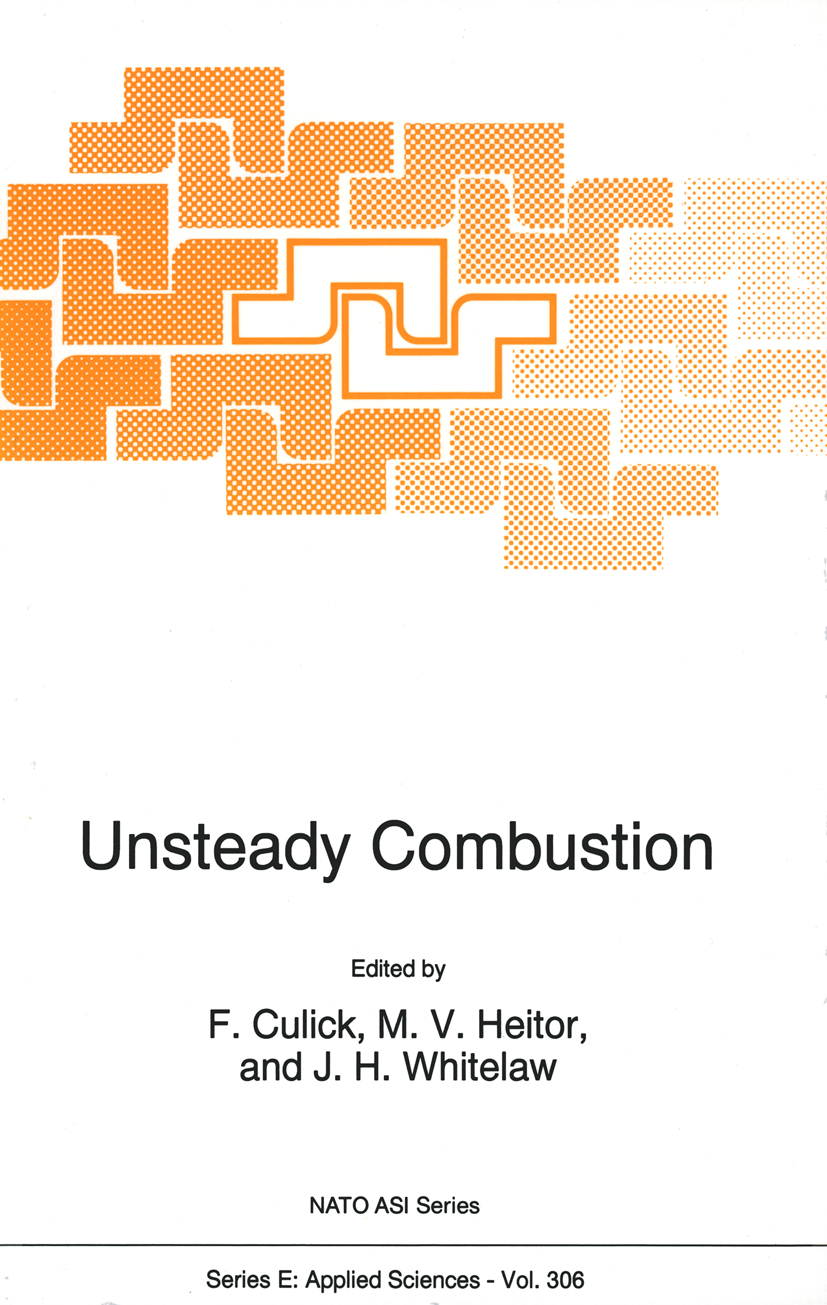
Unsteady Combustion Proceedings of the NATO Advanced Study Institute, Praia da Granja, Portugal, September 6-17, 1993 TECHNOLOGY & ENGINEERING,Power Resources,General

Combustion in High-Speed Flows This volume contains the proceedings of the Workshop on Com bustion, sponsored by the Institute for Computer Applications in Science and Engineering (ICASE) and the NASA Langley Research Center (LaRC). It was held on October 12-14, 1992, and was the sec ond workshop in the series on the subject. The first was held in 1989, and its proceedings were published by Springer-Verlag under the title "Major Research Topics in Combustion," edited by M. Y. Hussaini, A. Kumar, and R. G. Voigt. The focus of the second workshop was directed towards the development, analysis, and application of basic models in high speed propulsion of particular interest to NASA. The exploration of a dual approach combining asymptotic and numerical methods for the analysis of the models was particularly encouraged. The objectives of this workshop were i) the genesis of models that would capture or reflect the basic pllysical phenomena in SCRAMJETs and/or oblique detonation-wave engines (ODWE), and ii) the stimulation of a greater interaction between NASA exper imental research community and the academic community. The lead paper by D. Bushnell on the status and issues of high speed propulsion relevant to both the SCRAMJET and the ODWE parallels his keynote address which set the stage of the workshop. Following the lead paper were five technical sessions with titles and chairs: Experiments (C. Rogers), Reacting Free Shear Layers (C. E. Grosch), Detonations (A. K. Kapila), Ignition and Struc ture (J. Buckmaster), and Unsteady Behaviour ('1'. L. Jackson). TECHNOLOGY & ENGINEERING,Power Resources,General
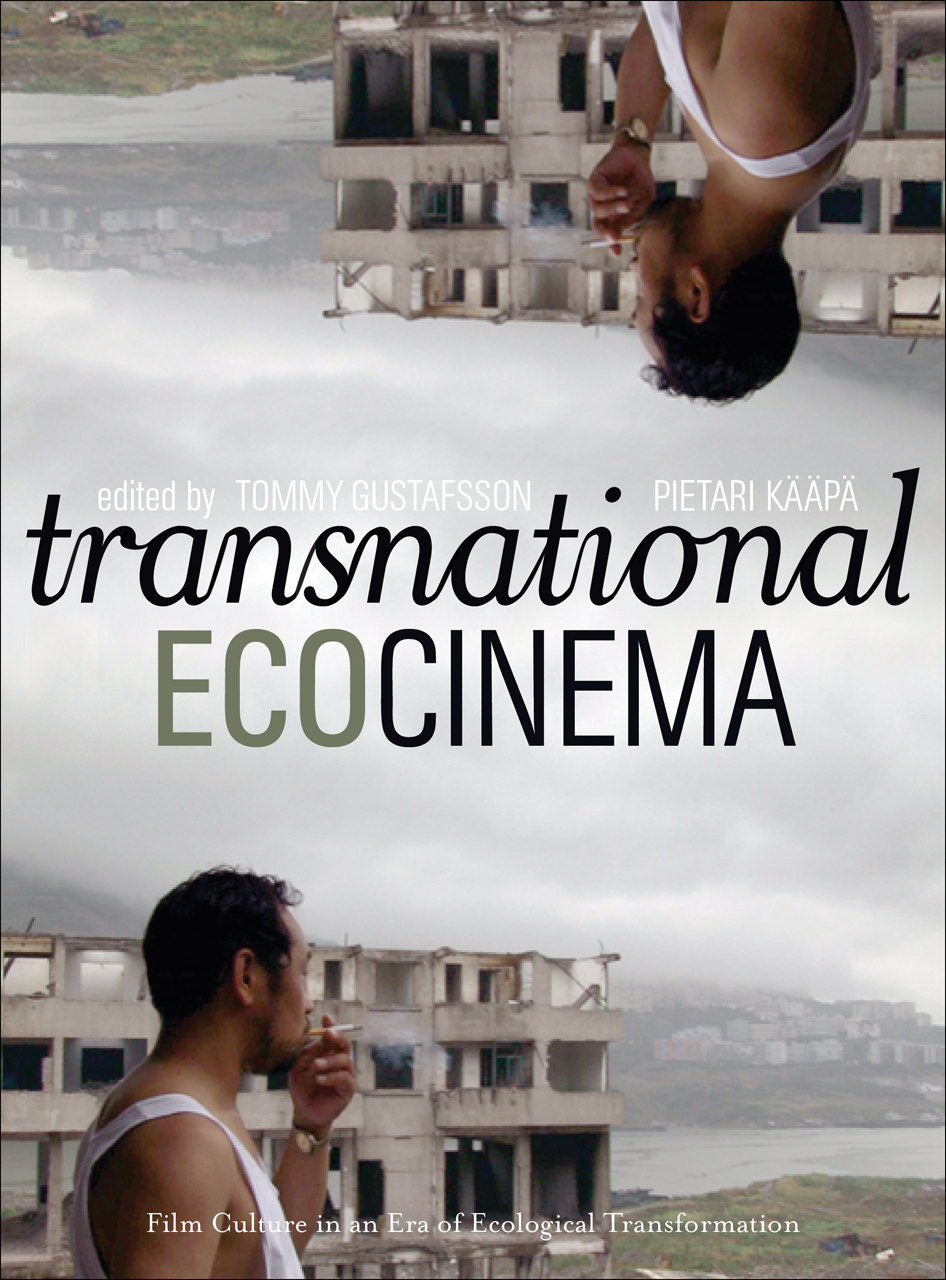
Transnational Ecocinema Until recently, discussion of Hollywood film has dominated much of the contemporary dialogue on ecocriticism and the cinema. Transnational Ecocinema, open up the critical debate to look at a larger variety of films from many different countries and cultures. By foregrounding these films with their economic and political contexts, the contributors offer a more comprehensive and nuanced look at the role of place in ecocinema. The essays also interrogate proposed global solutions to environmental issues by presenting an ecocritical perspective on different film and cultural considerations from around the globe. TECHNOLOGY & ENGINEERING,Power Resources,General

Critical Aspects of Safety and Loss Prevention Critical Aspects of Safety and Loss Prevention reflects the author's managerial experience and safety operations experience. This book is a collection of almost 400 thoughts and observations on safety and loss prevention, illustrated by accounts of accidents. The items, mostly short, are arranged alphabetically and cross-references are provided. The accident reports in this volume highlight the ignorance, incompetence and folly but also originality and inventiveness in the cause of accident prevention. This book also argues on the importance of loss prevention over the traditional safety approach. This book will be of interest to persons who work in design, operations and maintenance and to safety professionals. TECHNOLOGY & ENGINEERING,Power Resources,General
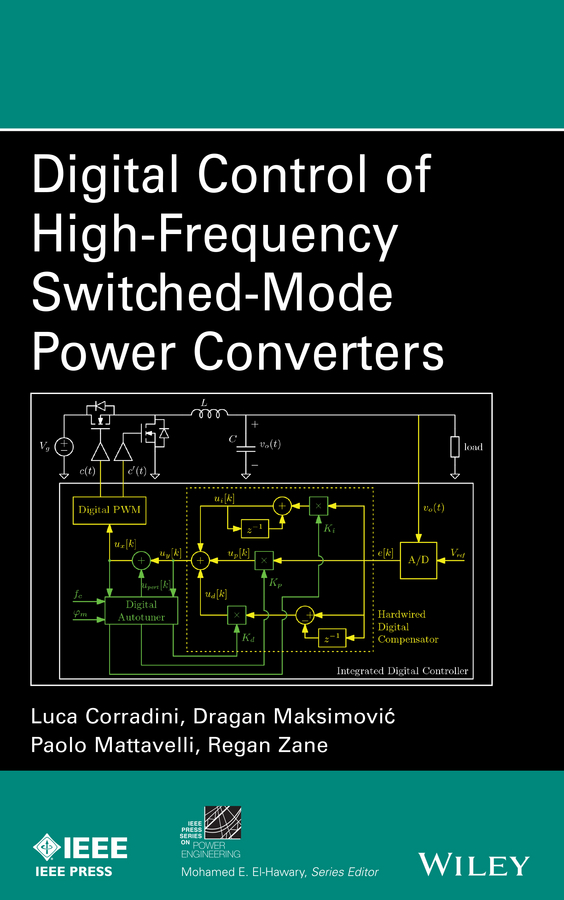
Digital Control of High-Frequency Switched-Mode Power Converters This book is focused on the fundamental aspects of analysis, modeling and design of digital control loops around high-frequency switched-mode power converters in a systematic and rigorous manner Comprehensive treatment of digital control theory for power converters Verilog and VHDL sample codes are provided Enables readers to successfully analyze, model, design, and implement voltage, current, or multi-loop digital feedback loops around switched-mode power converters Practical examples are used throughout the book to illustrate applications of the techniques developed Matlab examples are also provided TECHNOLOGY & ENGINEERING,Power Resources,General
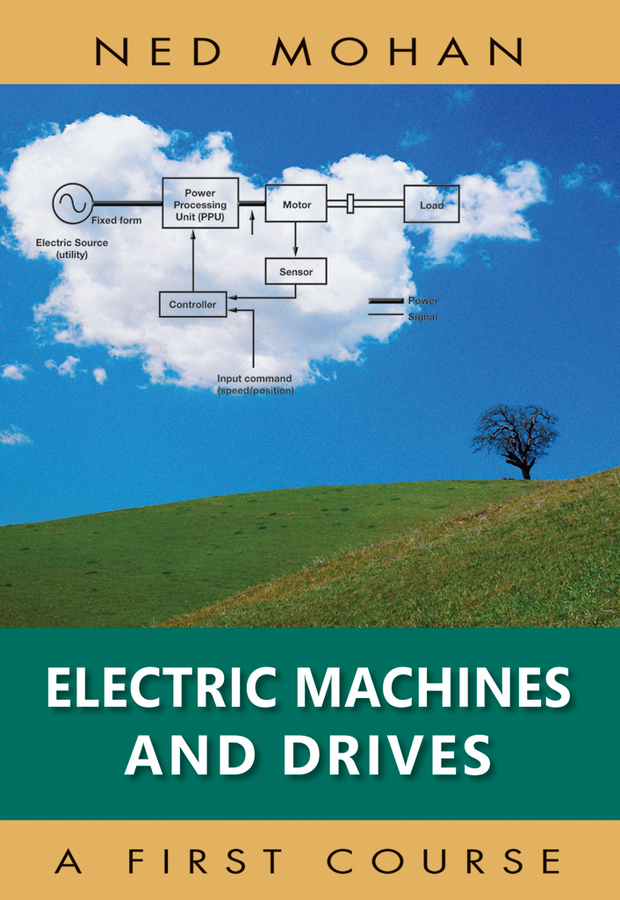
Electric Machines and Drives This book is part of a three-book series. Ned Mohan has been a leader in EES education and research for decades, as author of the best-selling text/reference Power Electronics. This book emphasizes applications of electric machines and drives that are essential for wind turbines and electric and hybrid-electric vehicles. The approach taken is unique in the following respects: A systems approach, where Electric Machines are covered in the context of the overall drives with applications that students can appreciate and get enthusiastic about; A fundamental and physics-based approach that not only teaches the analysis of electric machines and drives, but also prepares students for learning how to control them in a graduate level course; Use of the space-vector-theory that is made easy to understand. They are introduced in this book in such a way that students can appreciate their physical basis; A unique way to describe induction machines that clearly shows how they go from the motoring-mode to the generating-mode, for example in wind and electric vehicle applications, and how they ought to be controlled for the most efficient operation. TECHNOLOGY & ENGINEERING,Power Resources,General
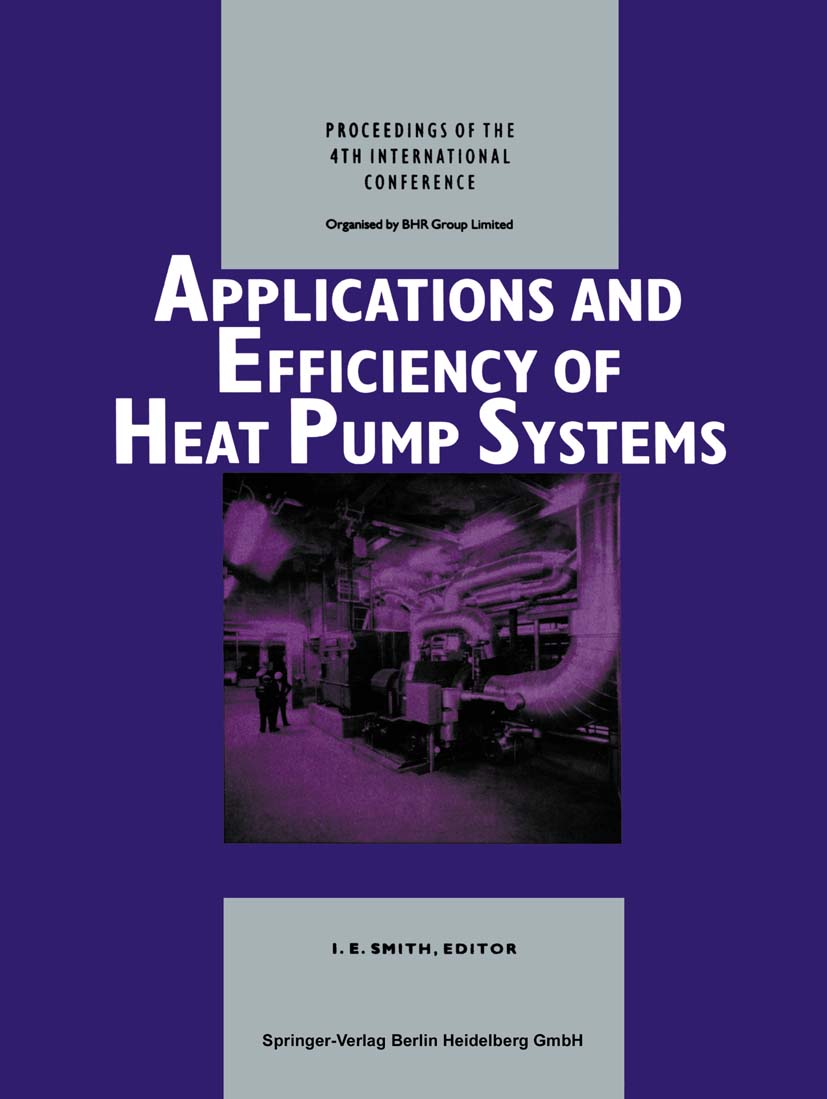
Applications and Efficiency of Heat Pump Systems The papers in this collection have originated from Britain, Eastern and Western Europe and India, with the delegates coming from fifteen countries, including a strong contingent from Japan. This indicates a widespread interest in the application of heat pumps. The heat pump suffers from an environmental dichotomy. On the one hand it saves fossil fuel energy, thereby reducing CO emissions. On the other hand, in the vapour compression form, 2 it generally employs CFCs which are destructive to our protective ozone layer as well as contributing to the greenhouse effect. Taking the first, heat pumps, perhaps have the widest application numerically in the heating (and cooling) of buildings and an excellent paper describes case studies concerning three large Norwegian hotels. In these, heat was pumped from the adjacent river or sea when heating was required, and during the summer, when cooling became necessary, to generate domestic hot water. The heat pumps were installed by SINTEF Refrigeration Engineering, Norway, and have demonstrated payback periods of about two years. The fractional total energy saving of the three hotels was 30% as a result, an impressive figure, indeed. A similar paper by a Belgian architectural consortium shows how this technique can be successfully applied to the cooling of a large television complex where considerable quantities of heat were being generated by the luminaries. In this exercise the cooling load was successfully pumped to provide hot water. TECHNOLOGY & ENGINEERING,Power Resources,General
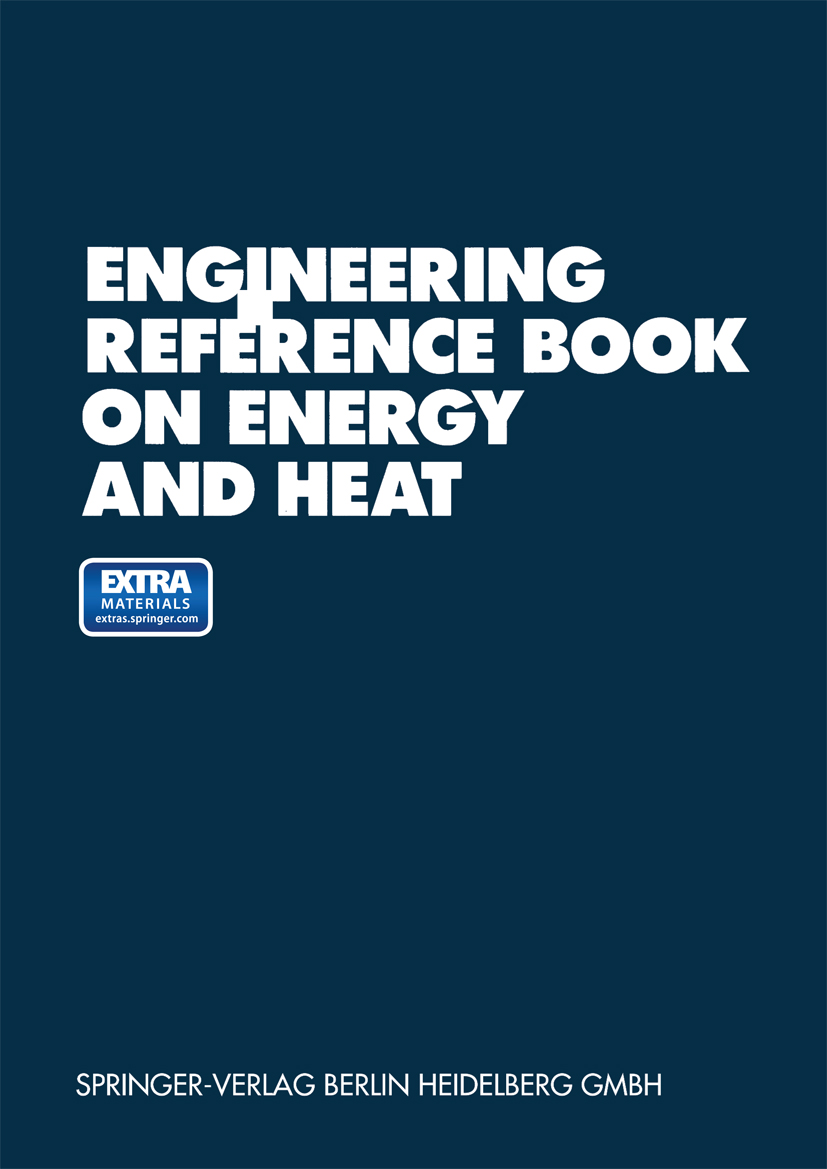
Engineering Reference Book on Energy and Heat Englische Übersetzung der 13. Auflage der Wärmetechnischen Arbeitsmappe. Wichtiges Arbeitsmittel für wärmetechnische Berechungen in Kraftwerken und anderen Wärmeenergiebetrieben, in Verfahrenstechnik und Heiztechnik. Die Arbeitsdiagramme ermöglichen eine mühelose und schnelle Ermittlung wichtiger wärmetechnischer Größen in Energiebetrieben. Der Einfluß einzelner Parameter und deren Zusammenhänge sind auf einen Blick zu erkennen. Zusätzlich sind die zugrundeliegenden Gleichungen für Berechnungen mit dem Taschenrechner angegeben. TECHNOLOGY & ENGINEERING,Power Resources,General
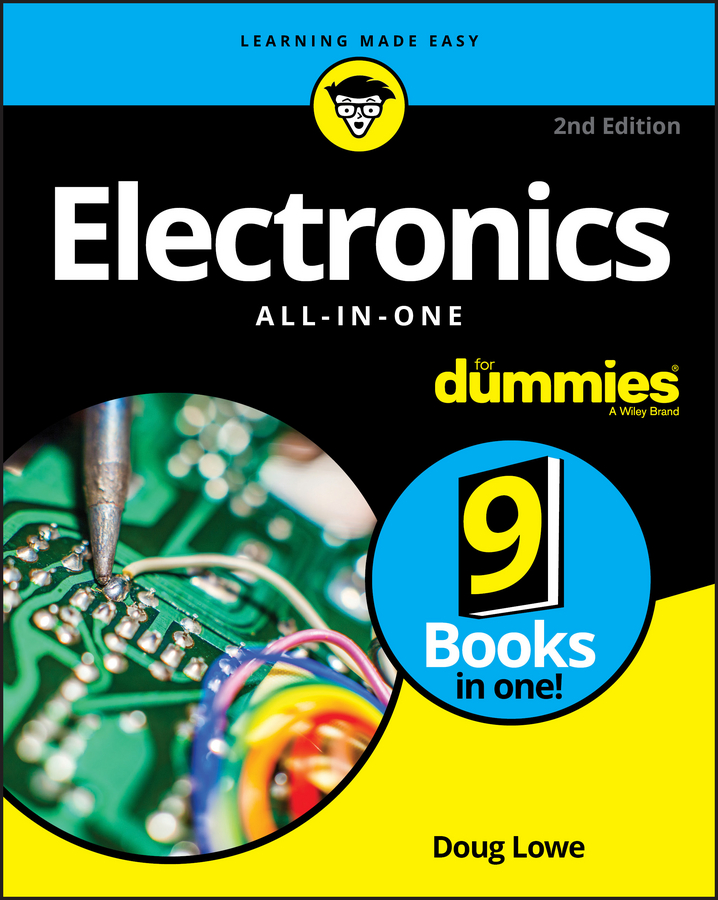
Electronics All-in-One For Dummies A comprehensive collection of 8 books in 1 offering electronics guidance that can't be found anywhere else! If you know a breadboard from a breadbox but want to take your hobby electronics skills to the next level, this is the only reference you need. Electronics All-in-One For Dummies has done the legwork for you — offering everything you need to enhance your experience as an electronics enthusiast in one convenient place. Written by electronics guru and veteran For Dummies author Doug Lowe, this down-to-earth guide makes it easy to grasp such important topics as circuits, schematics, voltage, and safety concerns. Plus, it helps you have tons of fun getting your hands dirty working with the Raspberry Pi, creating special effects, making your own entertainment electronics, repairing existing electronics, learning to solder safely, and so much more. Create your own schematics and breadboards Become a circuit-building expert Tackle analog, digital, and car electronics Debunk and grasp confusing electronics concepts If you're obsessed with all things electronics, look no further! This comprehensive guide is packed with all the electronics goodies you need to add that extra spark to your game! TECHNOLOGY & ENGINEERING,Power Resources,General
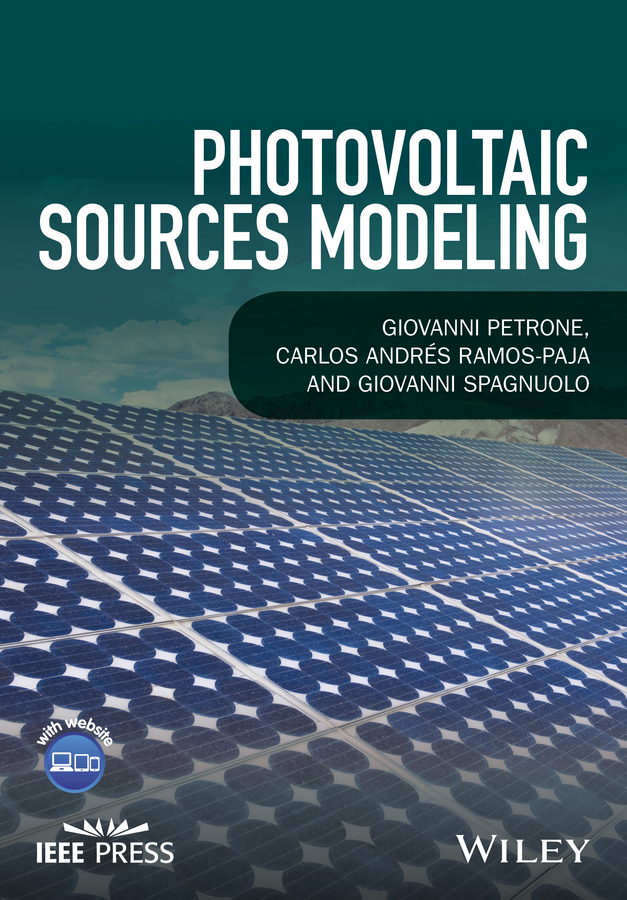
Photovoltaic Sources Modeling A practical reference to support choosing, customising and handling the best PV simulation solution This comprehensive guide surveys all available models for simulating a photovoltaic (PV) generator at different levels of granularity, from cell to system level, in uniform as well as in mismatched conditions. Providing a thorough comparison among the models, engineers have all the elements needed to choose the right PV array model for specific applications or environmental conditions matched with the model of the electronic circuit used to maximize the PV power production. Key features: Multiple mathematical models are given for different application requirements. The shading effect is taken into account to improve the model accuracy. Procedures for parameter identification of the PV model are analysed and compared. Mathematical manipulations are introduced to some models to reduce their calculation time. The electronic interface effect on the power chain is analysed. Analytical expressions are used to design and control the power converter driving the PV field. The book is an essential reference for R&D in the PV industry; designers of power converters for PV; PV systems designers; and practicing engineers. TECHNOLOGY & ENGINEERING,Power Resources,General
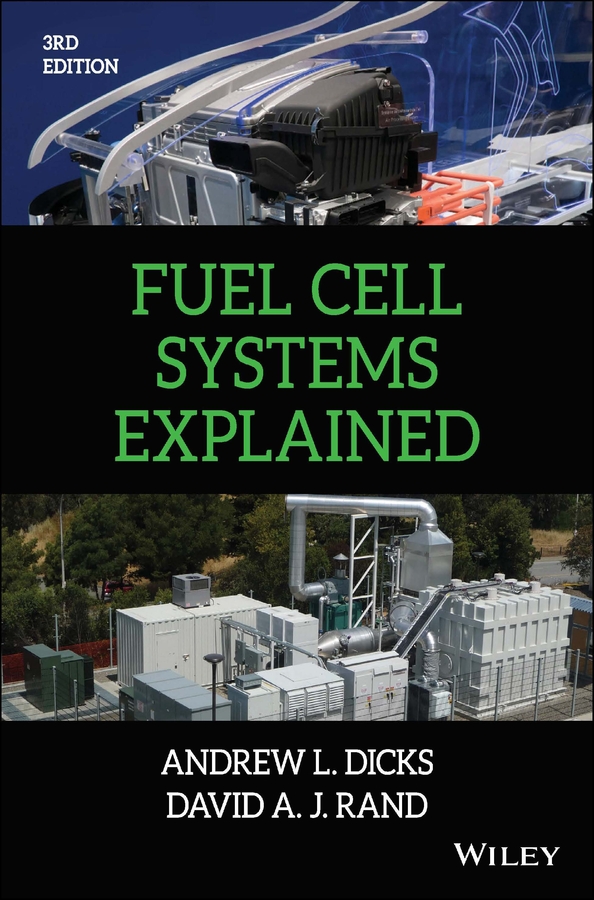
Fuel Cell Systems Explained Since publication of the first edition of Fuel Cell Systems Explained, three compelling drivers have supported the continuing development of fuel cell technology. These are: the need to maintain energy security in an energy-hungry world, the desire to move towards zero-emission vehicles and power plants, and the mitigation of climate change by lowering of CO2 emissions. New fuel cell materials, enhanced stack performance and increased lifetimes are leading to the emergence of the first truly commercial systems in applications that range from fork-lift trucks to power sources for mobile phone towers. Leading vehicle manufacturers have embraced the use of electric drive-trains and now see hydrogen fuel cells complementing advanced battery technology in zero-emission vehicles. After many decades of laboratory development, a global but fragile fuel cell industry is bringing the first commercial products to market. This thoroughly revised edition includes several new sections devoted to, for example, fuel cell characterisation, improved materials for low-temperature hydrogen and liquid-fuelled systems, and real-world technology implementation. Assuming no prior knowledge of fuel cell technology, the third edition comprehensively brings together all of the key topics encompassed in this diverse field. Practitioners, researchers and students in electrical, power, chemical and automotive engineering will continue to benefit from this essential guide to the principles, design and implementation of fuel cell systems. TECHNOLOGY & ENGINEERING,Power Resources,General

Electric Distribution Systems A comprehensive review of the theory and practice for designing, operating, and optimizing electric distribution systems, revised and updated Now in its second edition, Electric Distribution Systems has been revised and updated and continues to provide a two-tiered approach for designing, installing, and managing effective and efficient electric distribution systems. With an emphasis on both the practical and theoretical approaches, the text is a guide to the underlying theory and concepts and provides a resource for applying that knowledge to problem solving. The authors—noted experts in the field—explain the analytical tools and techniques essential for designing and operating electric distribution systems. In addition, the authors reinforce the theories and practical information presented with real-world examples as well as hundreds of clear illustrations and photos. This essential resource contains the information needed to design electric distribution systems that meet the requirements of specific loads, cities, and zones. The authors also show how to recognize and quickly respond to problems that may occur during system operations, as well as revealing how to improve the performance of electric distribution systems with effective system automation and monitoring. This updated edition: • Contains new information about recent developments in the field particularly in regard to renewable energy generation • Clarifies the perspective of various aspects relating to protection schemes and accompanying equipment • Includes illustrative descriptions of a variety of distributed energy sources and their integration with distribution systems • Explains the intermittent nature of renewable energy sources, various types of energy storage systems and the role they play to improve power quality, stability, and reliability Written for engineers in electric utilities, regulators, and consultants working with electric distribution systems planning and projects, the second edition of Electric Distribution Systems offers an updated text to both the theoretical underpinnings and practical applications of electrical distribution systems. TECHNOLOGY & ENGINEERING,Power Resources,General
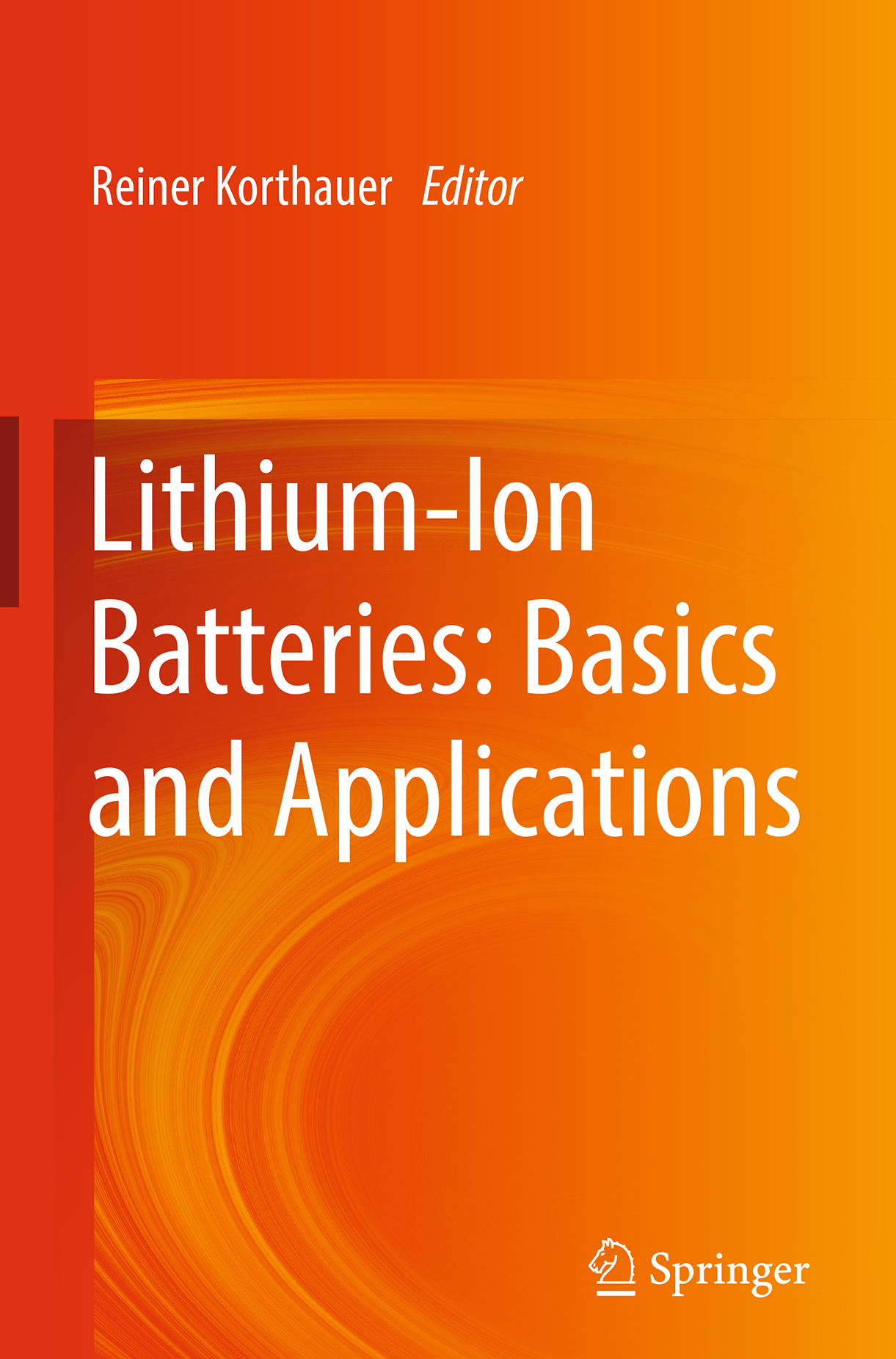
Lithium-Ion Batteries The handbook focuses on a complete outline of lithium-ion batteries. Just before starting with an exposition of the fundamentals of this system, the book gives a short explanation of the newest cell generation. The most important elements are described as negative / positive electrode materials, electrolytes, seals and separators. The battery disconnect unit and the battery management system are important parts of modern lithium-ion batteries. An economical, faultless and efficient battery production is a must today and is represented with one chapter in the handbook. Cross-cutting issues like electrical, chemical, functional safety are further topics. Last but not least standards and transportation themes are the final chapters of the handbook. The different topics of the handbook provide a good knowledge base not only for those working daily on electrochemical energy storage, but also to scientists, engineers and students concerned in modern battery systems. TECHNOLOGY & ENGINEERING,Power Resources,General
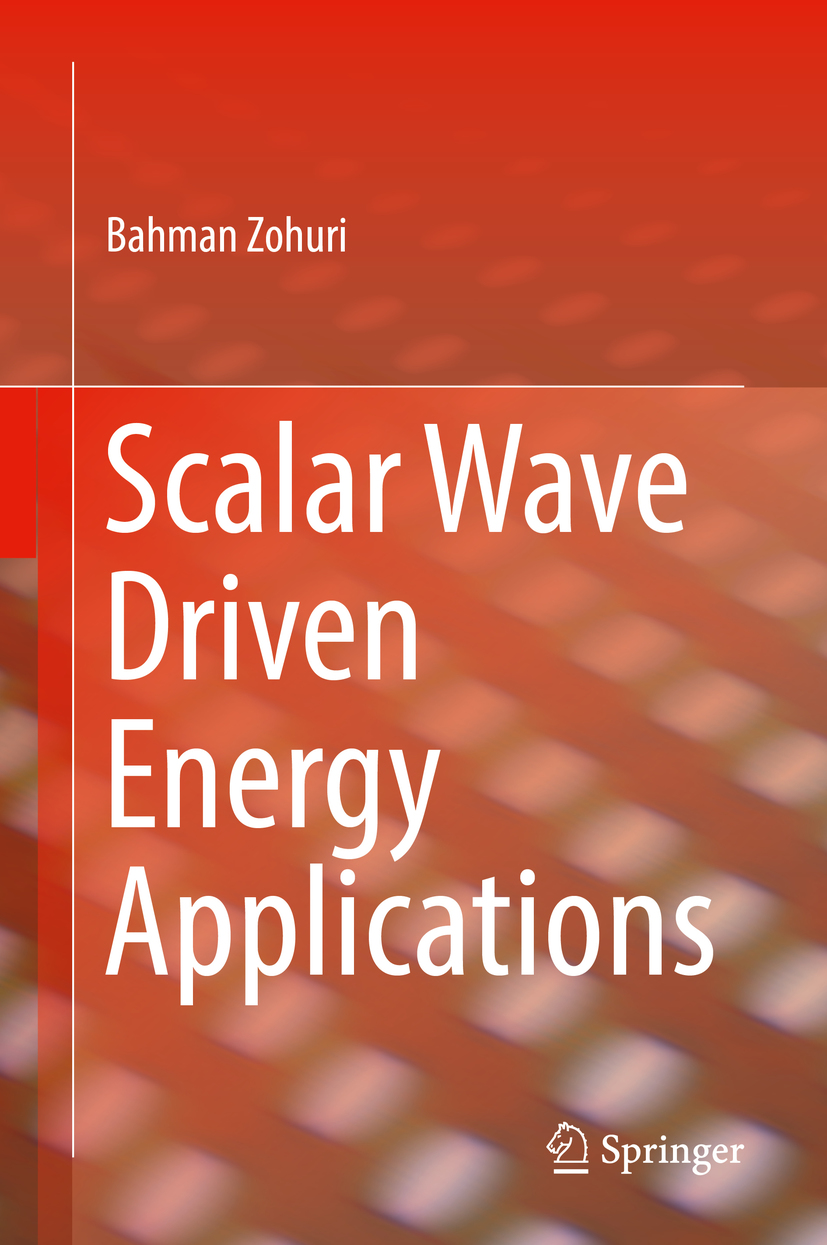
Scalar Wave Driven Energy Applications This book discusses innovations in the field of Directed Energy (DE) and presents new technologies and innovative approaches for use in energy production for possible Underwater Communication, Directed Energy Weapons Applications and at lower wave energy for Medical Applications as well. In-depth chapters explore the challenges related to the study of energy produced from Scalar Longitudinal Wave (SLW). Topics related to Scalar Longitudinal Waves (SLW) and their various applications in the energy, medical, and military sector are discussed along with principles of Quantum Electrodynamics (QED) and theory, weapon applications of SLW, as well as SLW driven propulsion via an all-electronic engine, and for underwater communications. Scalar Wave Driven Energy Applications offers a unique solution for students, researchers, and engineers seeking a viable alternative to traditional approaches for energy production. TECHNOLOGY & ENGINEERING,Power Resources,General

Challenges and Innovations in Ocean In Situ Sensors Challenges and Innovations in Ocean In-Situ Sensors: Measuring Inner Ocean Processes and Health in the Digital Age highlights collaborations of industry and academia in identifying the key challenges and solutions related to ocean observations. A new generation of sensors is presented that addresses the need for higher reliability (e.g. against biofouling), better integration on platforms in terms of size and communication, and data flow across domains (in-situ, space, etc.). Several developments are showcased using a broad diversity of measuring techniques and technologies. Chapters address different sensors and approaches for measurements, including applications, quality monitoring and initiatives that will guide the need for monitoring. Integrates information across key marine and maritime sectors and supports regional policy requirements on monitoring programs Offers tactics for enabling early detection and more effective monitoring of the marine environment and implementation of appropriate management actions Presents new technologies driving the next generation of sensors, allowing readers to understand new capabilities for monitoring and opportunities for another generation of sensors Includes a global vision for ocean monitoring that fosters a new perspective on the direction of ocean measurements TECHNOLOGY & ENGINEERING,Power Resources,General
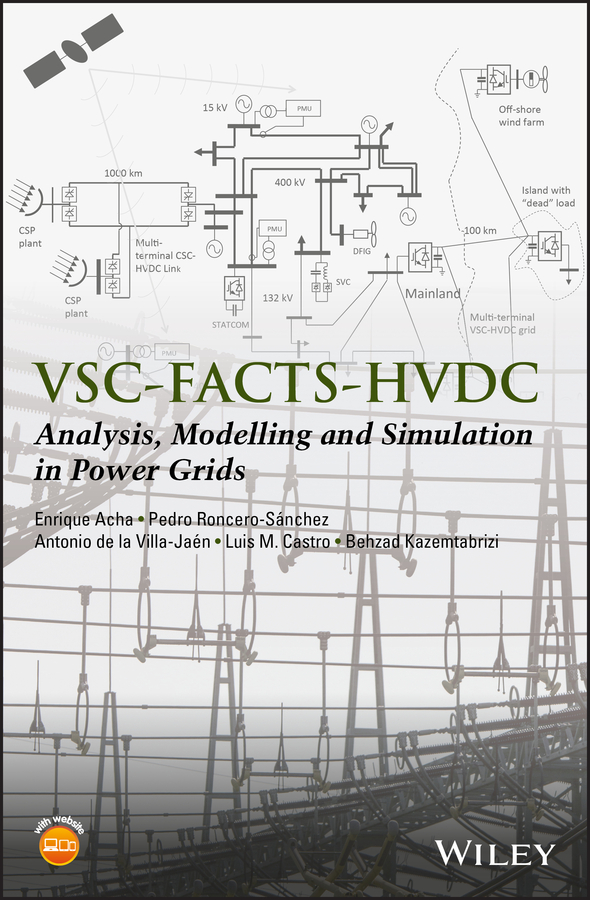
VSC-FACTS-HVDC An authoritative reference on the new generation of VSC-FACTS and VSC-HVDC systems and their applicability within current and future power systems VSC-FACTS-HVDC and PMU: Analysis, Modelling and Simulation in Power Grids provides comprehensive coverage of VSC-FACTS and VSC-HVDC systems within the context of high-voltage Smart Grids modelling and simulation. Readers are presented with an examination of the advanced computer modelling of the VSC-FACTS and VSC-HVDC systems for steady-state, optimal solutions, state estimation and transient stability analyses, including numerous case studies for the reader to gain hands-on experience in the use of models and concepts. Key features: Wide-ranging treatment of the VSC achieved by assessing basic operating principles, topology structures, control algorithms and utility-level applications. Detailed advanced models of VSC-FACTS and VSC-HVDC equipment, suitable for a wide range of power network-wide studies, such as power flows, optimal power flows, state estimation and dynamic simulations. Contains numerous case studies and practical examples, including cases of multi-terminal VSC-HVDC systems. Includes a companion website featuring MATLAB software and Power System Computer Aided Design (PSCAD) scripts which are provided to enable the reader to gain hands-on experience. Detailed coverage of electromagnetic transient studies of VSC-FACTS and VSC-HVDC systems using the de-facto industry standard PSCAD/EMTDC simulation package. An essential guide for utility engineers, academics, and research students as well as industry managers, engineers in equipment design and manufacturing, and consultants. TECHNOLOGY & ENGINEERING,Power Resources,General
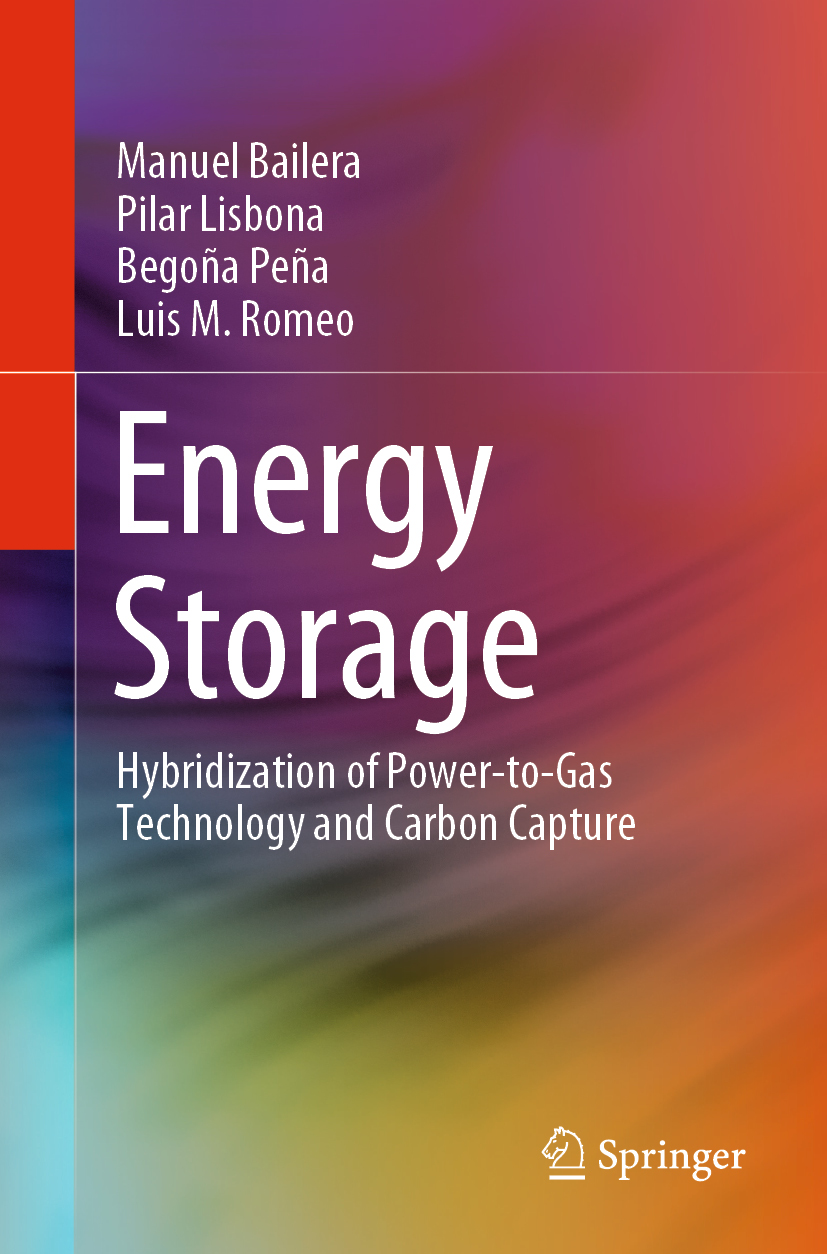
Energy Storage This book presents a detailed analysis of Power-to-Gas, a promising energy storage technology. It discusses the main mechanisms involved, and presents two Power-to-Gas and carbon capture hybridizations. The book begins by providing an introduction to energy storage technologies. It then reviews a number of Power-to-Gas projects now in progress, highlighting the current barriers to commercializing the technology. Moreover, the book presents two novel Power-to-Gas hybridizations, which improve the technology’s applicability in terms of efficiency, utilization of resources and profitability. Given its scope, the book will be of interest to graduate students, researchers and practitioners in the fields of engineering and energy. TECHNOLOGY & ENGINEERING,Power Resources,General
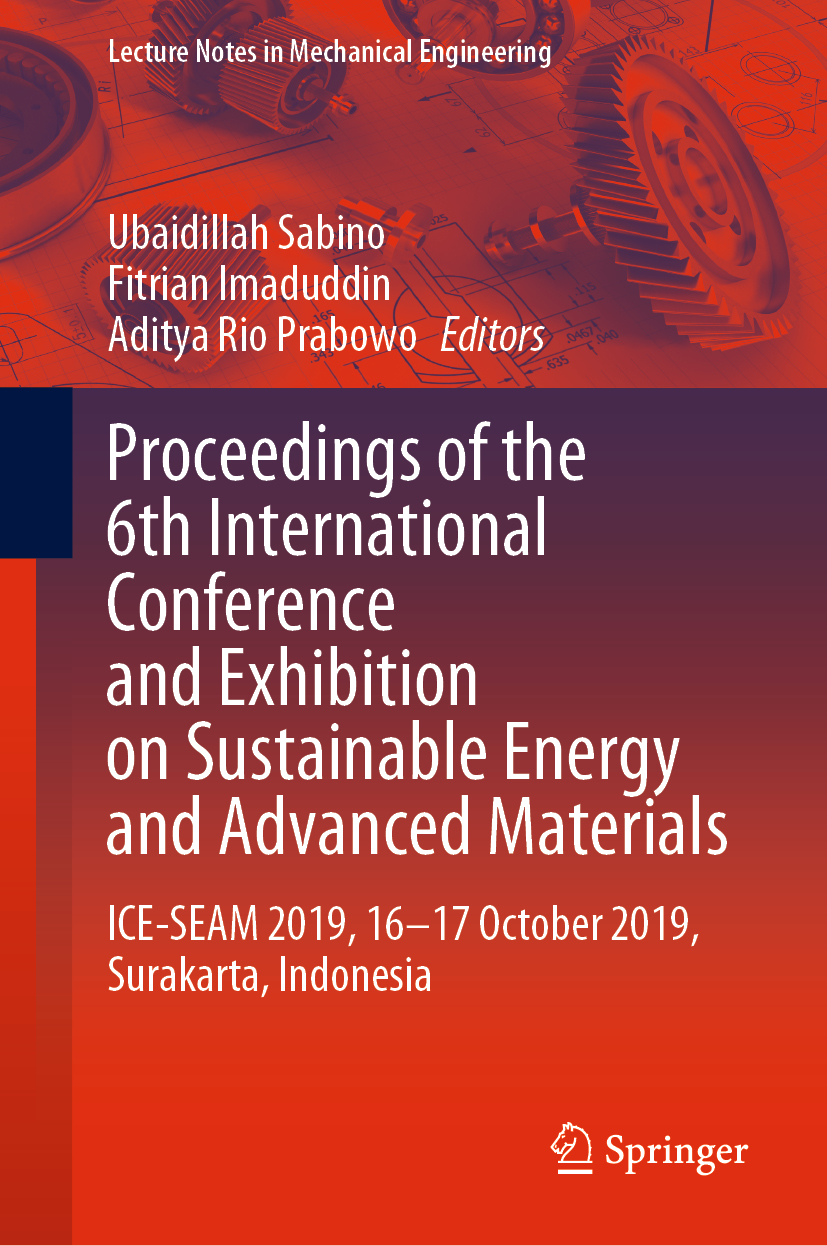
Proceedings of the 6th International Conference and Exhibition on Sustainable Energy and Advanced Materials This book gathers the proceedings of the 6th International Conference and Exhibition on Sustainable Energy and Advanced Materials (ICE-SEAM 2019), held on 16–17 October 2019 in Surakarta, Indonesia. It focuses on two relatively broad areas – advanced materials and sustainable energy – and a diverse range of subtopics: Advanced Materials and Related Technologies: Liquid Crystals, Semiconductors, Superconductors, Optics, Lasers, Sensors, Mesoporous Materials, Nanomaterials, Smart Ferrous Materials, Amorphous Materials, Crystalline Materials, Biomaterials, Metamaterials, Composites, Polymers, Design, Analysis, Development, Manufacturing, Processing and Testing for Advanced Materials.Sustainable Energy and Related Technologies: Energy Management, Storage, Conservation, Industrial Energy Efficiency, Energy-Efficient Buildings, Energy-Efficient Traffic Systems, Energy Distribution, Energy Modeling, Hybrid and Integrated Energy Systems, Fossil Energy, Nuclear Energy, Bioenergy, Biogas, Biomass Geothermal Power, Non-Fossil Energies, Wind Energy, Hydropower, Solar Photovoltaic, Fuel Cells, Electrification, and Electrical Power Systems and Controls. TECHNOLOGY & ENGINEERING,Power Resources,General
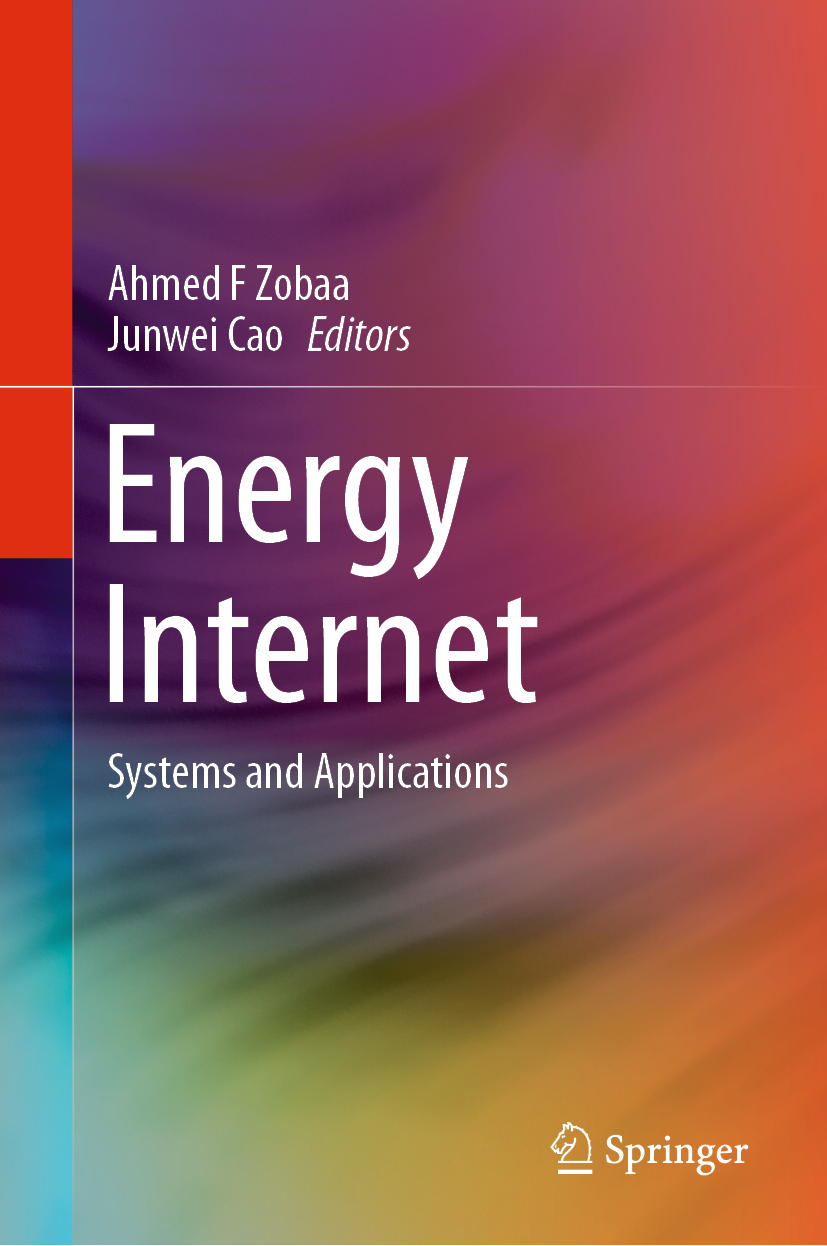
Energy Internet This textbook is the first of its kind to comprehensively describe the energy Internet, a vast network that efficiently supplies electricity to anyone anywhere and is an internet based wide area network for information and energy fusion. The chapters are organized into five parts: Architecture and Design, Energy Switching and Routing, Information and Communication, Energy Management Systems and Energy Market and Trading, and capture the spectrum of this exponential transformation, while also presenting the plethora of open problems that this transformation poses for researchers from mixed academic backgrounds. The scope includes key technologies on distributed energy sources, microgrids, energy storage, solar and wind energy, power grid, smart grid, power quality, power electronics, data centers, distributed computing and networking, cloud computing and big data, and software-defined networking. The book presents the basic principles of energy internet and emphasizes the current research trends in the field of energy Internet at an advanced level. It includes instructor materials, case-studies, and worked examples throughout. This is an ideal resource for students in advanced graduate-level courses and special topics in energy, information and control systems, and is a useful tool for utility engineers who seek an intuitive understanding of the emerging applications of energy Internet. TECHNOLOGY & ENGINEERING,Power Resources,General
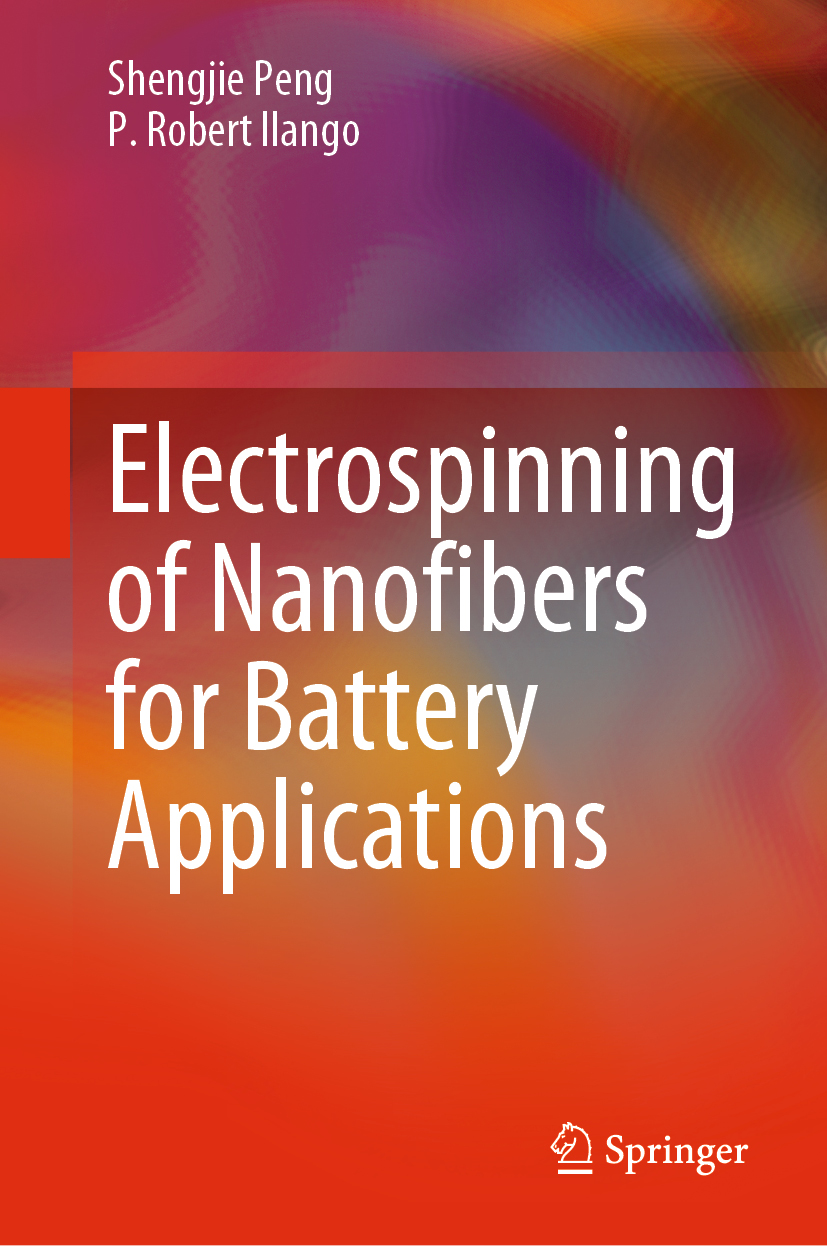
Electrospinning of Nanofibers for Battery Applications This book comprehensively discusses the basic principles and working mechanism of all kind of batteries towards clean energy storage devices. In addition, it focuses on the synthesis of various electrode materials with 1D architecture via electrospinning technique. This book will give a clear idea about recent synthetic strategy towards nanofibers and nanocomposites for alkali-ion storage applications. The reader could understand the formation mechanism of nanofibers and their potential application in the future energy storage system. TECHNOLOGY & ENGINEERING,Power Resources,General
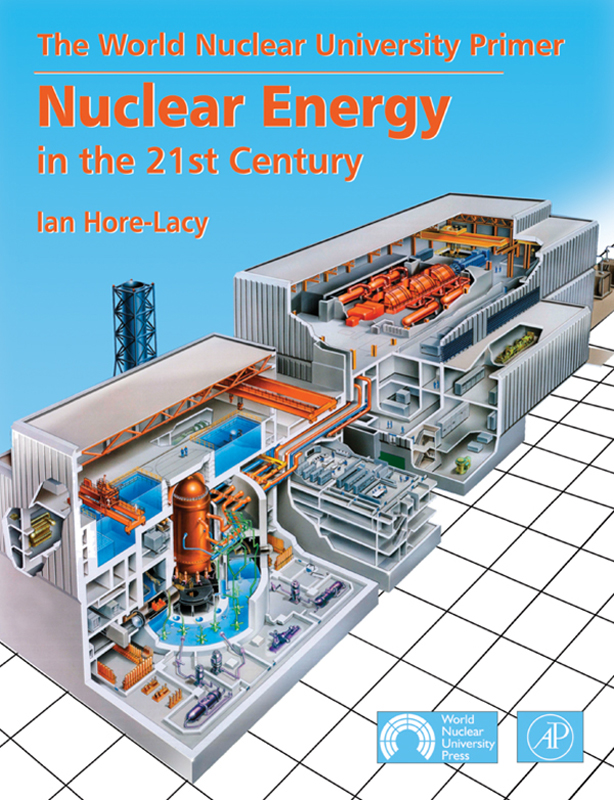
Nuclear Energy in the 21st Century The onset of the 21st century has coincided with mounting scientific evidence of the severe environmental impact of global energy consumption. In response, governments and environmentalists on every continent have begun to re-evaluate the benefits of nuclear power as a clean, non-emitting energy resource. Today nuclear power plants operate in some 30 countries, and nuclear energy has become a safe and reliable source of one-sixth of the world’s electricity. This base has the potential to be expanded widely as part of a worldwide clean-energy revolution. Nuclear Energy in the 21st Century is an authoritative resource for educators, students, policy-makers and interested lay-people. This balanced and accessible text provides: *An inroad into nuclear science for the non-specialist*A valuable account of many aspects of nuclear technology, including industry applications*Answers to public concerns about safety, proliferation, and waste management*Up-to-date data and references This edition comes with a Foreword by Dr. Patrick Moore, co-founder of Greenpeace, which attests to today’s worldwide re-evaluation of nuclear power. The World Nuclear University (WNU) is a global partnership of industry, inter-governmental, and academic institutions committed to enhancing education in nuclear science and technology. WNU partners include the International Atomic Energy Agency (IAEA), the World Association of Nuclear Operators (WANO), the Nuclear Energy Agency (NEA) of the OECD, and the World Nuclear Association (WNA). With a secretariat staffed by government-sponsored secondees, the London-based WNU Coordinating Centre fosters a diversity of collaborative projects to strengthen nuclear education and rebuild future leadership in nuclear science and technology. · Global in perspective and rich in data· Draws on the intellectual resources of the World Nuclear Association· Includes Physics of uranium; uranium enrichment; waste management· Provides technical perspective with an understanding of environmental issues TECHNOLOGY & ENGINEERING,Power Resources,Nuclear

Advanced Nuclear Systems Consuming Excess Plutonium Proceedings of the NATO Advanced Research Workshop, Moscow, Russia, 13-16 October 1996 TECHNOLOGY & ENGINEERING,Power Resources,Nuclear
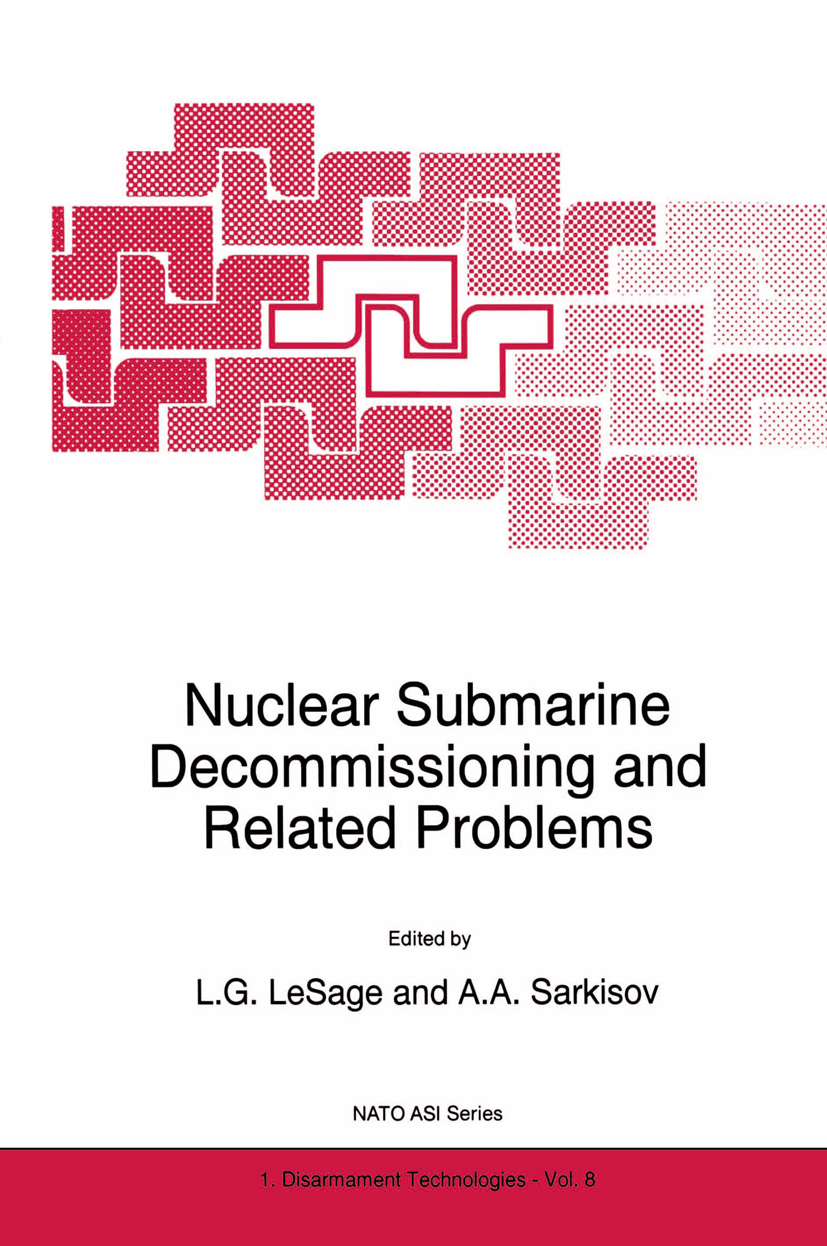
Nuclear Submarine Decommissioning and Related Problems Proceedings of the NATO Advanced Research Workshop, Moscow, Russia, June 9-22, 1995 TECHNOLOGY & ENGINEERING,Power Resources,Nuclear

Safety in Tritium Handling Technology Based on the lectures given during the Eurocourse on `Safety in Tritium Handling Technology', Ispra, Italy TECHNOLOGY & ENGINEERING,Power Resources,Nuclear

Computational Nuclear Engineering and Radiological Science Using Python Computational Nuclear Engineering and Radiological Science Using Python provides the necessary knowledge users need to embed more modern computing techniques into current practices, while also helping practitioners replace Fortran-based implementations with higher level languages. The book is especially unique in the market with its implementation of Python into nuclear engineering methods, seeking to do so by first teaching the basics of Python, then going through different techniques to solve systems of equations, and finally applying that knowledge to solve problems specific to nuclear engineering. Along with examples of code and end-of-chapter problems, the book is an asset to novice programmers in nuclear engineering and radiological sciences, teaching them how to analyze complex systems using modern computational techniques. For decades, the paradigm in engineering education, in particular, nuclear engineering, has been to teach Fortran along with numerical methods for solving engineering problems. This has been slowly changing as new codes have been written utilizing modern languages, such as Python, thus resulting in a greater need for the development of more modern computational skills and techniques in nuclear engineering. Offers numerical methods as a tool to solve specific problems in nuclear engineering Provides examples on how to simulate different problems and produce graphs using Python Supplies accompanying codes and data on a companion website, along with solutions to end-of-chapter problems TECHNOLOGY & ENGINEERING,Power Resources,Nuclear

Nuclear Energy Nuclear Energy: An Introduction to the Concepts, Systems, and Applications of Nuclear Processes, Eighth Edition, provides essential information on basic nuclear physics, systems and the applications of nuclear energy. It comprehensively covers Basic Concepts, Radiation and Its Uses, and Nuclear Power, providing students with a broad view of nuclear energy and science in a fast-paced format that features updated, timely content on topics of new and growing importance to current and future nuclear professionals, such as tritium-powered betavoltaic integrated circuit chips, the modulation of radioactive decay constant due to solar activity, Monte Carlo radiation transport calculations and accelerator-driven systems. This book is an essential resource for any first course on nuclear energy and systems. Contains coverage of timely topics, such as the connection between hydraulic fracturing (fracking), radioactivity and nuclear forensics Covers the TerraPower traveling wave reactor, the first ever FDA approved drug for the treatment of acute radiation injury, and more Describes the industry response to the Fukushima nuclear disaster, including FLEX in the U.S. Includes more worked examples and end of chapter exercises TECHNOLOGY & ENGINEERING,Power Resources,Nuclear
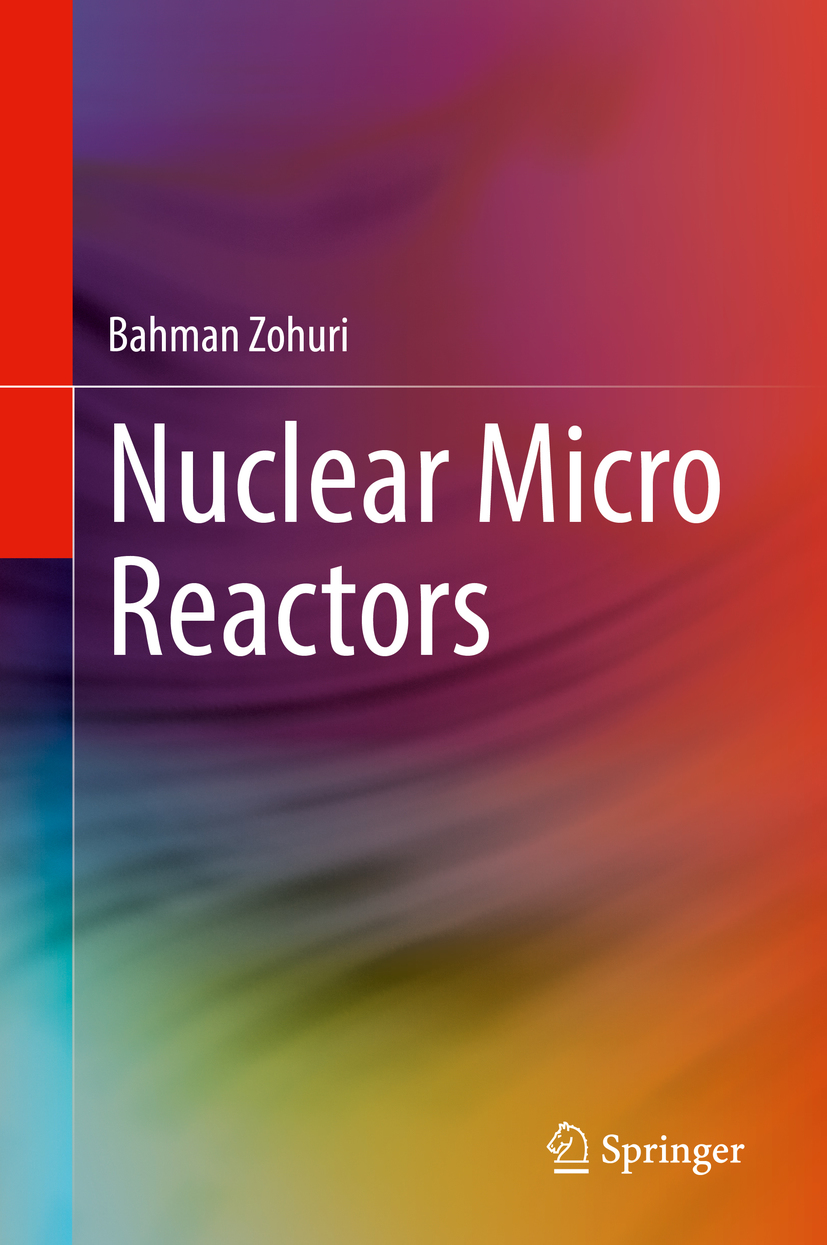
Nuclear Micro Reactors This book looks at Generation IV (GEN IV) nuclear reactor design and the technology known as nuclear micro reactors that is currently under development. Coverage includes the advantages of nuclear micro reactor applications as sources of renewable energy, their use in military applications and Department of Defense requirements, and the nuclear industry’s trend toward the design of small and micro reactors. Nuclear micro reactor safety, security issues, and cost concerns are also explored. The book will provide scientists, engineers, and students with valuable guidance on the fundamentals needed to understand the research and development of the next generation of nuclear technologies. TECHNOLOGY & ENGINEERING,Power Resources,Nuclear
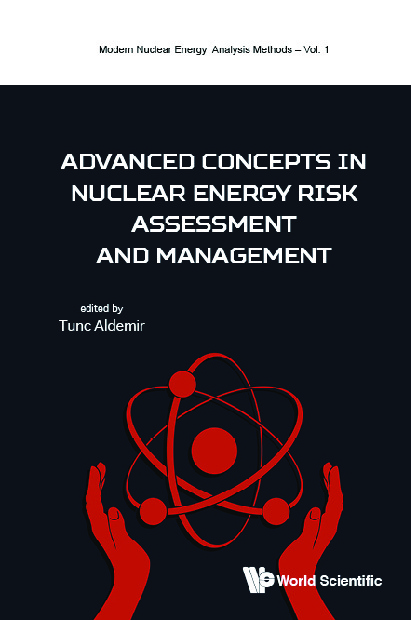
Advanced Concepts In Nuclear Energy Risk Assessment And Management Over the past 30 years, numerous concerns have been raised in the literature regarding the capability of static modeling approaches such as the event-tree (ET)/fault-tree (FT) methodology to adequately account for the impact of process/hardware/software/firmware/human interactions on nuclear power plant safety assessment, and methodologies to augment the ET/FT approach have been proposed. Often referred to as dynamic probabilistic risk/safety assessment (DPRA/DPSA) methodologies, which use a time-dependent phenomenological model of system evolution along with a model of its stochastic behavior to model for possible dependencies among failure events. The book contains a collection of papers that describe at existing plant level applicable DPRA/DPSA tools, as well as techniques that can be used to augment the ET/FT approach when needed. TECHNOLOGY & ENGINEERING,Power Resources,Nuclear
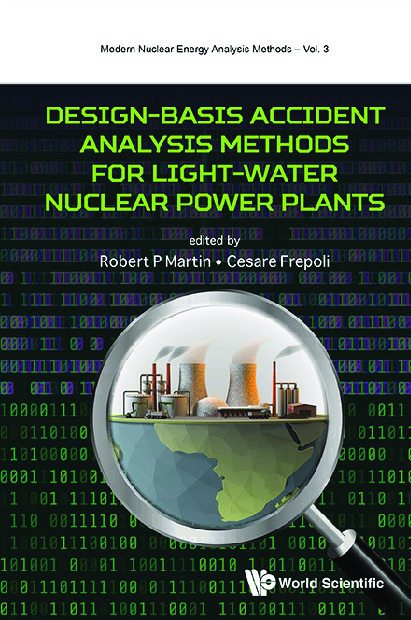
Design-basis Accident Analysis Methods For Light-water Nuclear Power Plants This book captures the principles of safety evaluation as practiced in the regulated light-water reactor nuclear industry, as established and stabilized over the last 30 years. It is expected to serve both the current industry and those planning for the future. The work's coverage of the subject matter is the broadest to date, including not only the common topics of modeling and simulation, but also methods supporting the basis for the underlying assumptions, the extension to radiological safety, what to expect in a licensing review, historical perspectives and the implication for new designs.This text is an essential resource for practitioners and students, on the current best-practices in nuclear power plant safety and their basis. Contributors of this work are subject matter experts in their specialties, much of which was nurtured and inspired by Prof. Larry Hochreiter, a prominent nuclear safety pioneer.Related Link(s) TECHNOLOGY & ENGINEERING,Power Resources,Nuclear

Nuclear Madness "As a physician, I contend that nuclear technology threatens life on our planet with extinction. If present trends continue, the air we breathe, the food we eat, and the water we drink will soon be contaminated with enough radioactive pollutants to pose a potential health hazard far greater than any plague humanity has ever experienced."--Helen Caldicott First published in 1978, Helen Caldicott's cri du coeur about the dangers of nuclear power became an instant classic. In the intervening sixteen years much has changed--the Cold War is over, nuclear arms production has decreased, and there has been a marked growth in environmental awareness. But the nuclear genie has not been forced back into the bottle. The disaster at Chernobyl and the "incidents" at other plants around the world have disproven the image of "safe" nuclear power. Nuclear waste dumping has further poisoned our environment, and developing nuclear technology in the Third World poses still further risks. In this completely revised, updated, and expanded edition, Dr. Caldicott defines for the 1990s the dangers of this madness--including the insidious influence of the nuclear power industry and the American government's complicity in medical "experiments" using nuclear material--and calls on us to accept the moral challenge to fight against it, both for our own sake and for that of future generations. TECHNOLOGY & ENGINEERING,Power Resources,Nuclear
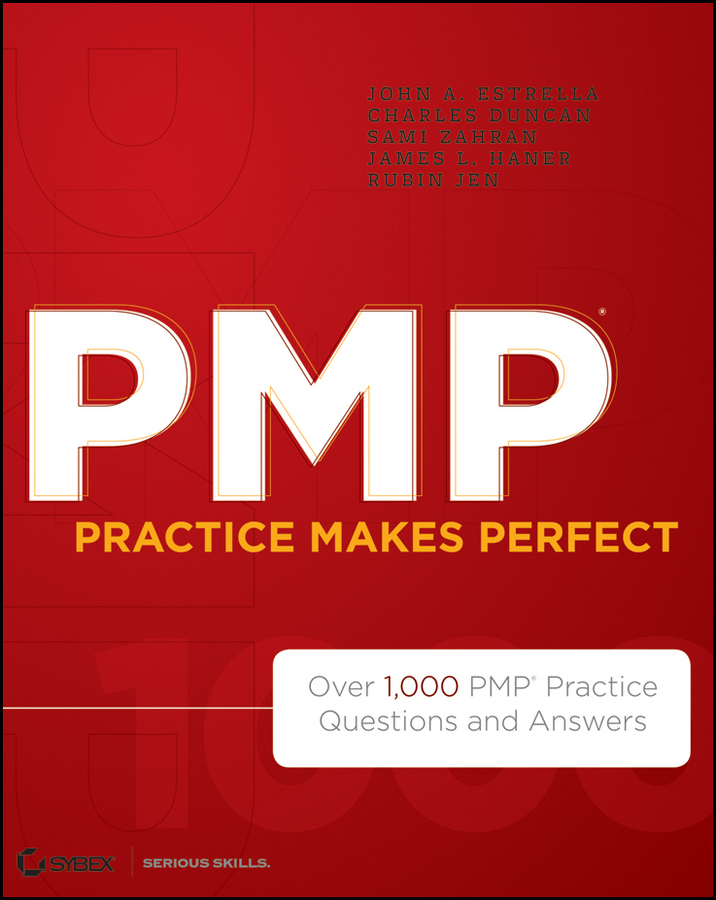
PMP Practice Makes Perfect A unique learning resource to prepare for the PMP® certification exam Without sufficient practice and preparation for taking the Project Management Institute's (PMI's) PMP® certification exam, you won't be able to actually put your skills into practice in the real world! To help you achieve your goal of passing the exam, this two-part prep book covers all elements of the brand-new Project Management Professional exam. A team of experts presents you with a solid overview of the exam as well as hundreds of questions, detailed answers, and explanations. In addition, each question is accompanied by cross-references, providing you with a thorough preparation foundation for taking the PMP® exam. Features hundreds of short questions-and-answers on some of the most key topics that PMPs should be familiar with before taking the exam Includes more than 800 exam-quality questions with detailed answers and explanations, plus more than 200 fill-in-the-blank, true/false, and short answer questions to help you prepare for the exam Serves as an ideal complement to Sybex's PMP®: Project Management Professional Exam Study Guide, 6th Edition PMP® Practice Makes Perfect prepares you for taking the grueling 200-question, four-hour PMP® exam. (PMBOK, PMI, PMP and Project Management Professional are registered marks of the Project Management Institute, Inc.) TECHNOLOGY & ENGINEERING,Project Management
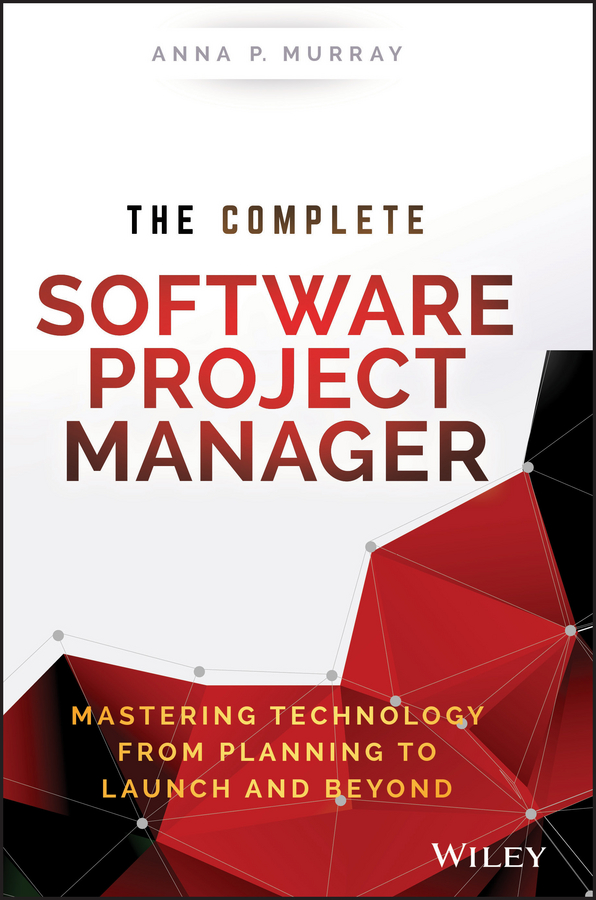
The Complete Software Project Manager Your answer to the software project management gap The Complete Software Project Manager: From Planning to Launch and Beyond addresses an interesting problem experienced by today's project managers: they are often leading software projects, but have no background in technology. To close this gap in experience and help you improve your software project management skills, this essential text covers key topics, including: how to understand software development and why it is so difficult, how to plan a project, choose technology platforms, and develop project specifications, how to staff a project, how to develop a budget, test software development progress, and troubleshoot problems, and what to do when it all goes wrong. Real-life examples, hints, and management tools help you apply these new ideas, and lists of red flags, danger signals, and things to avoid at all costs assist in keeping your project on track. Companies have, due to the nature of the competitive environment, been somewhat forced to adopt new technologies. Oftentimes, the professionals leading the development of these technologies do not have any experience in the tech field—and this can cause problems. To improve efficiency and effectiveness, this groundbreaking book offers guidance to professionals who need a crash course in software project management. Review the basics of software project management, and dig into the more complicated topics that guide you in developing an effective management approach Avoid common pitfalls by perusing red flags, danger signals, and things to avoid at all costs Leverage practical roadmaps, charts, and step-by-step processes Explore real-world examples to see effective software project management in action The Complete Software Project Manager: From Planning to Launch and Beyond is a fundamental resource for professionals who are leading software projects but do not have a background in technology. TECHNOLOGY & ENGINEERING,Project Management
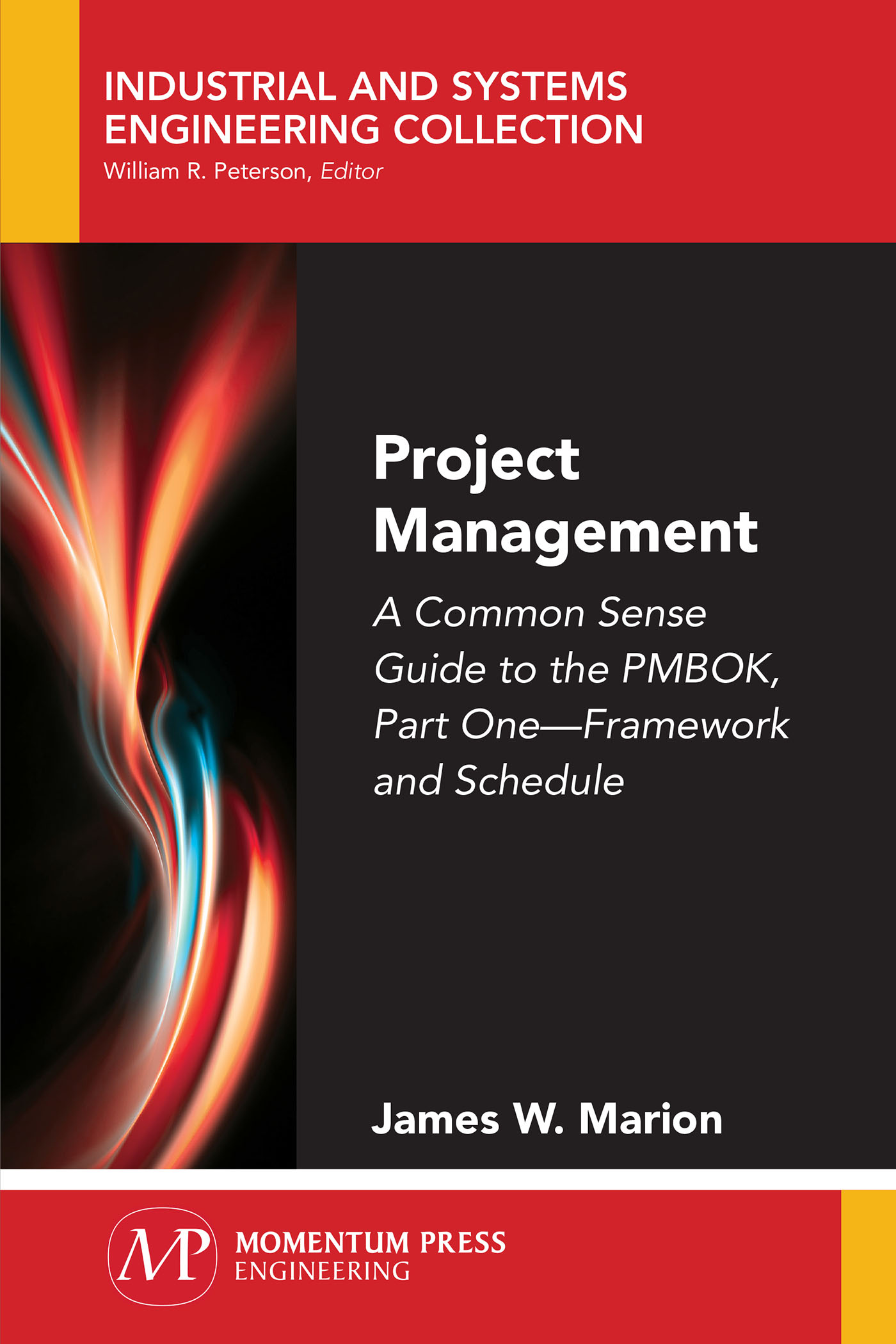
Project Management The Guide to the Project Management Body of Knowledge published by the Project Management Institute provides a roadmap of 47 processes designed to support project managers in all phases of project management. The sheer number of processes and their allocation across process groups and knowledge areas may leave project managers in a quandary about where to start and how to apply the many components of project management processes. What is lacking is a simple explanatory guide for the layman that clarifies the “big picture†of the Project Management Body of Knowledge (PMBOK). This explains where a project manager should begin when managing projects, and how the project manager can easily make use of the PMBOK framework to progress from an initial idea to a project schedule. TECHNOLOGY & ENGINEERING,Project Management
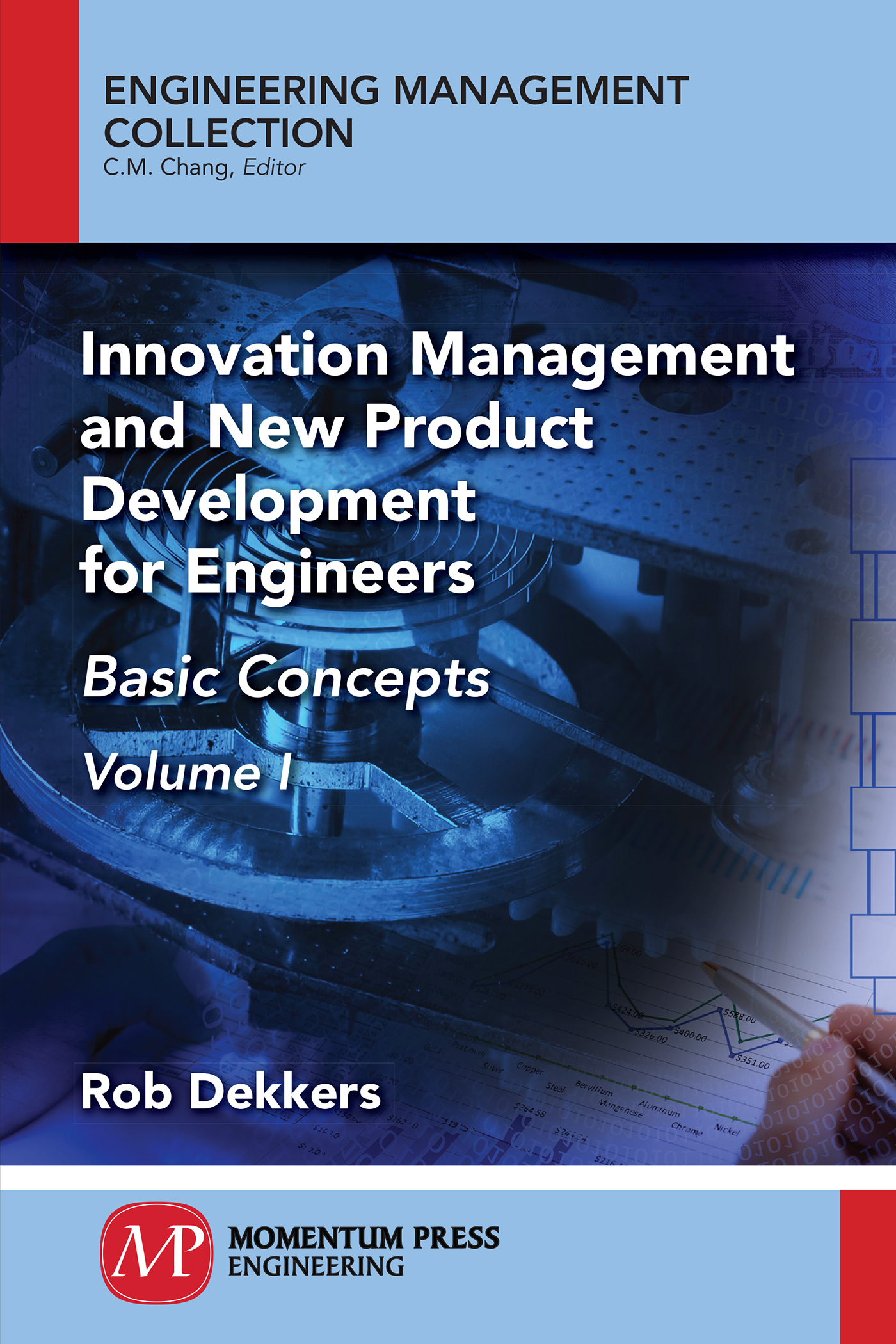
Innovation Management and New Product Development for Engineers, Volume I Whereas innovation has become part of daily language, in practice, realizing new product and new service development is a complex and daunting task for engineers, design engineering managers, managers, and those involved in other functions in organizations. Most books on innovation management approach this topic from a managerial or economic perspective; this text takes the actual design and engineering processes as starting point. To this purpose, it relates product design and engineering processes and their management to sources of innovation, collaboration with suppliers, and knowledge providers (for example, inventors and universities), and users. The managerial aspects get ample attention as well as the socioeconomic aspects in the context of product design and engineering. For this wide range of topics, the book provides both theoretical underpinning and practical guidance. Readers and students will benefit from this book by not only understanding the key mechanisms for innovation but also by the practical guidance it offers. The author uses diagrams, models, methods, and steps to guide readers to a better understanding of innovation projects. This practical approach and the link to theory make the book valuable to practitioners as well as engineering students. TECHNOLOGY & ENGINEERING,Project Management
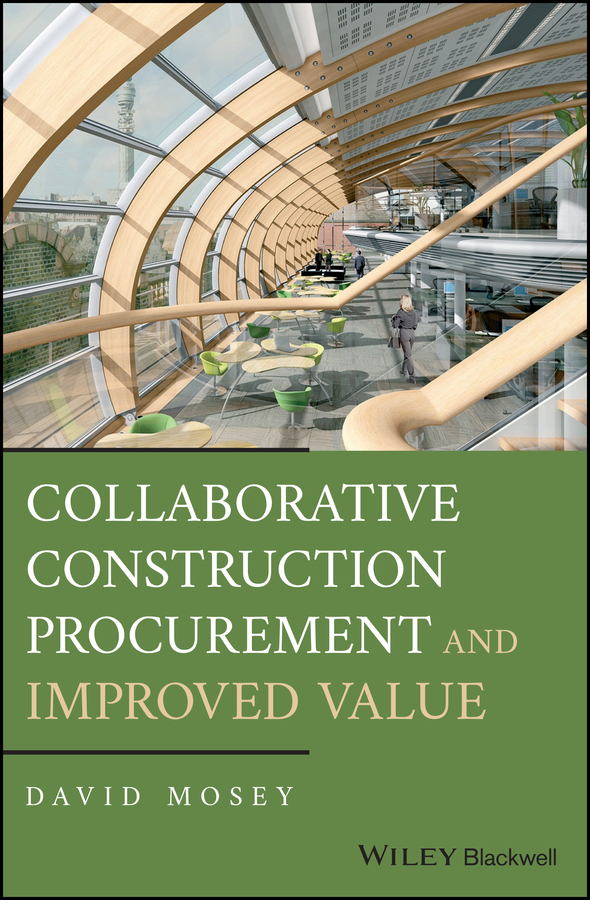
Collaborative Construction Procurement and Improved Value The guide that explores how procurement and contracts can create an integrated team while improving value, economy, quality and client satisfaction Collaborative Construction Procurement and Improved Value provides an important guide for project managers, lawyers, designers, constructors and operators, showing step by step how proven collaborative models and processes can move from the margins to the mainstream. It covers all stages of the project lifecycle and offers new ways to embed learning from one project to the next. Collaborative Construction Procurement and Improved Value explores how strategic thinking, intelligent team selection, contract integration and the use of digital technology can enhance the value of construction projects and programmes of work. With 50 UK case studies, plus chapters from specialists in 6 other jurisdictions, it describes in detail the legal and procedural route maps for successful collaborative teams. Collaborative Construction Procurement and Improved Value: Examines the ways to create an effective contract that will spell success throughout the procurement process Contains helpful case studies from real-world projects and programmes Explores the benefits of the collaborative construction process and how to overcome common obstacles Bridges the gaps between contract law, collaborative working and project management Includes the first analysis of the NEC4 Alliance Contract, the FAC-1 Framework Alliance Contract and the TAC-1 Term Alliance Contract TECHNOLOGY & ENGINEERING,Project Management
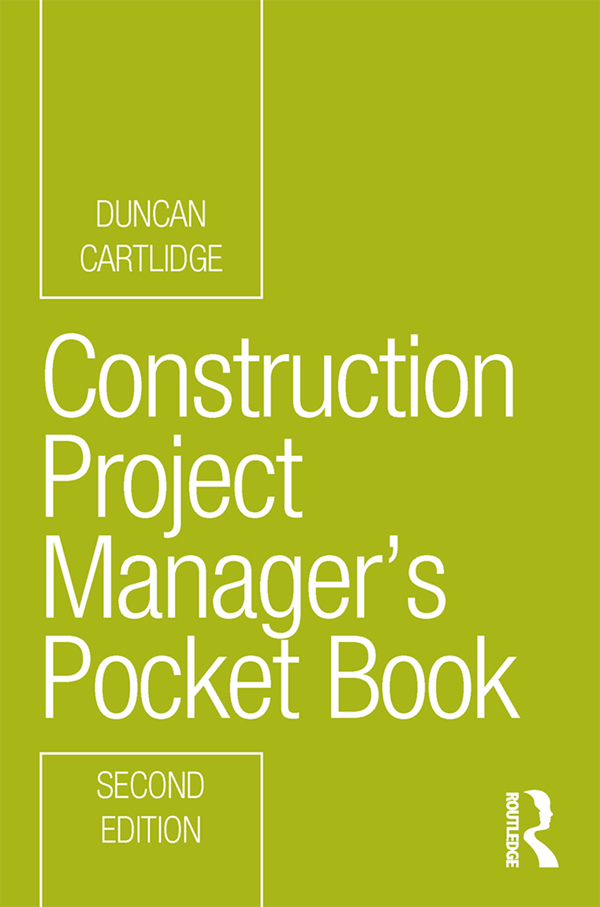
Construction Project Manager’s Pocket Book The second edition of the Construction Project Manager’s Pocket Book maintains its coverage of a broad range of project management skills, from technical expertise to leadership, negotiation, team building and communication. However, this new edition has been updated to include: revisions to the CDM regulations, changes to the standard forms of contract and other documentation used by the project manager, the impact of BIM and emerging technologies, implications of Brexit on EU public procurement, other new procurement trends, and ethics and the project manager. Construction project management activities are tackled in the order they occur on real projects, with reference made to the RIBA Plan of Work throughout. This is the ideal concise reference which no project manager, construction manager, architect or quantity surveyor should be without. TECHNOLOGY & ENGINEERING,Project Management
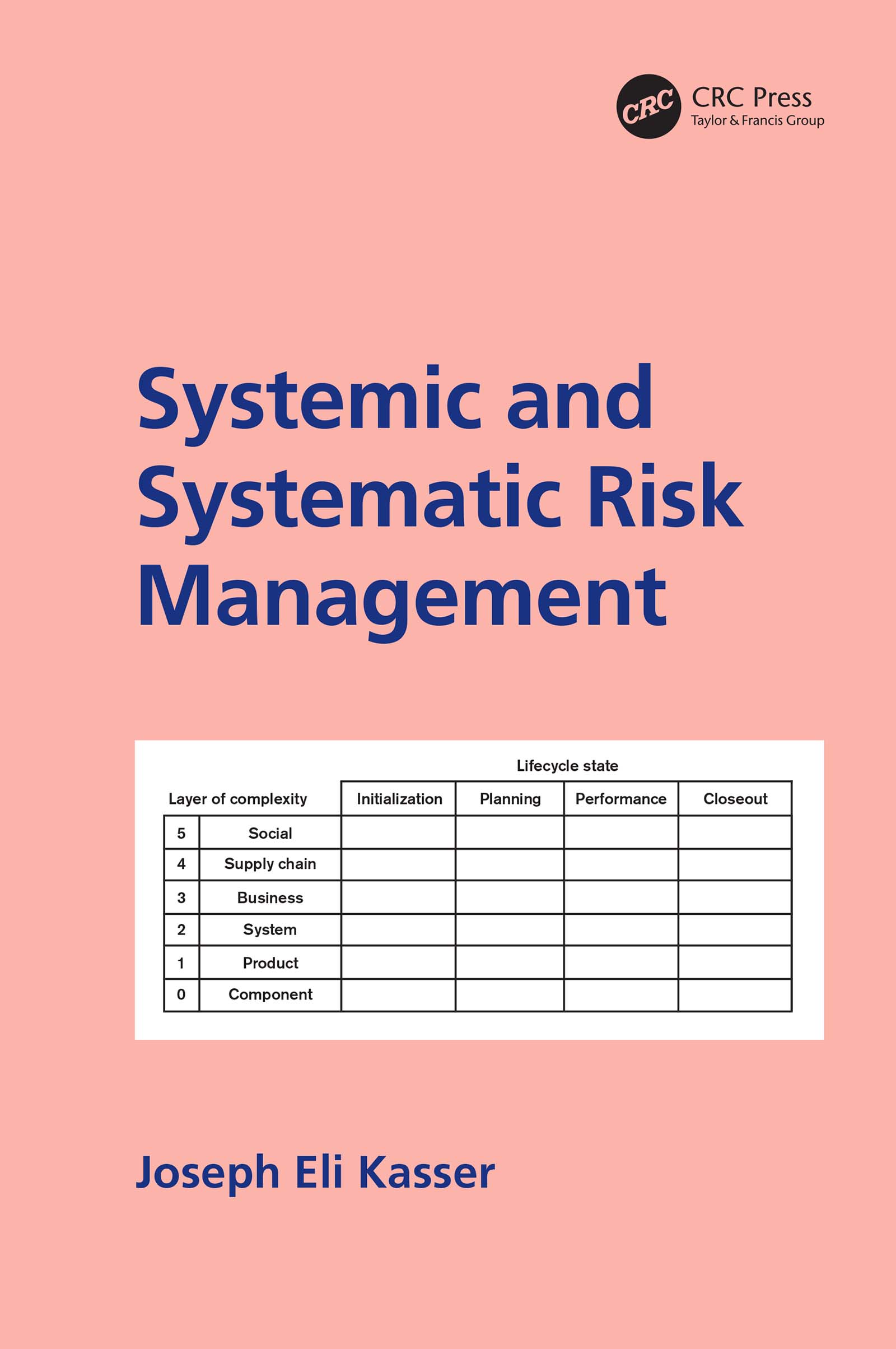
Systemic and Systematic Risk Management This book discusses risk management as it applies to problem-solving for simple, complex and wicked problems faced by policy creators and implementors, project managers and systems engineers in the context of policies, large engineering projects (LEPs), projects and systems. When applying systems thinking to risk management, it can be seen that risk management applies to almost every action taken in daily life. This book: Introduces the systems approach of integrating risk management into policy creation and implementation, project management and systems engineering, such as the risk framework and the Firm Fixed Price (FFP) contract with penalties and bonuses. Introduces a number of out-of-the box concepts building on the application of the systems thinking tools in the system thinker’s toolbox. Points out that integrating risk management into policy and project management and systems engineering is just good management and engineering practice. Discusses the flow of risk in a policy from creation through implementation via LEPs and simpler projects, identifying where risks arise and where they should be dealt with. Presents the risks in the relationship between policy creation, implementation, project management and systems engineering. Discusses risks throughout the policy implementation process and shows how the nature of risks changes from political to financial to technological as implementation proceeds. Discusses managing complexity and specifies the minimum number of elements in a system for it to be defined as, and managed as, complex. Points out that in most instances the traditionally ignored major implementation risk is that of poor performance by personnel. Shows how to proactively incorporate prevention into planning in order to prevent risks, as well as how to mitigate them when they occur. TECHNOLOGY & ENGINEERING,Project Management

Statistical Methods for Quality Improvement Praise for the Second Edition "As a comprehensive statistics reference book for quality improvement, it certainly is one of the best books available." —Technometrics This new edition continues to provide the most current, proven statistical methods for quality control and quality improvement The use of quantitative methods offers numerous benefits in the fields of industry and business, both through identifying existing trouble spots and alerting management and technical personnel to potential problems. Statistical Methods for Quality Improvement, Third Edition guides readers through a broad range of tools and techniques that make it possible to quickly identify and resolve both current and potential trouble spots within almost any manufacturing or nonmanufacturing process. The book provides detailed coverage of the application of control charts, while also exploring critical topics such as regression, design of experiments, and Taguchi methods. In this new edition, the author continues to explain how to combine the many statistical methods explored in the book in order to optimize quality control and improvement. The book has been thoroughly revised and updated to reflect the latest research and practices in statistical methods and quality control, and new features include: Updated coverage of control charts, with newly added tools The latest research on the monitoring of linear profiles and other types of profiles Sections on generalized likelihood ratio charts and the effects of parameter estimation on the properties of CUSUM and EWMA procedures New discussions on design of experiments that include conditional effects and fraction of design space plots New material on Lean Six Sigma and Six Sigma programs and training Incorporating the latest software applications, the author has added coverage on how to use Minitab software to obtain probability limits for attribute charts. new exercises have been added throughout the book, allowing readers to put the latest statistical methods into practice. Updated references are also provided, shedding light on the current literature and providing resources for further study of the topic. Statistical Methods for Quality Improvement, Third Edition is an excellent book for courses on quality control and design of experiments at the upper-undergraduate and graduate levels. the book also serves as a valuable reference for practicing statisticians, engineers, and physical scientists interested in statistical quality improvement. TECHNOLOGY & ENGINEERING,Quality Control

Random Data A timely update of the classic book on the theory and application of random data analysis First published in 1971, Random Data served as an authoritative book on the analysis of experimental physical data for engineering and scientific applications. This Fourth Edition features coverage of new developments in random data management and analysis procedures that are applicable to a broad range of applied fields, from the aerospace and automotive industries to oceanographic and biomedical research. This new edition continues to maintain a balance of classic theory and novel techniques. The authors expand on the treatment of random data analysis theory, including derivations of key relationships in probability and random process theory. The book remains unique in its practical treatment of nonstationary data analysis and nonlinear system analysis, presenting the latest techniques on modern data acquisition, storage, conversion, and qualification of random data prior to its digital analysis. The Fourth Edition also includes: A new chapter on frequency domain techniques to model and identify nonlinear systems from measured input/output random data New material on the analysis of multiple-input/single-output linear models The latest recommended methods for data acquisition and processing of random data Important mathematical formulas to design experiments and evaluate results of random data analysis and measurement procedures Answers to the problem in each chapter Comprehensive and self-contained, Random Data, Fourth Edition is an indispensible book for courses on random data analysis theory and applications at the upper-undergraduate and graduate level. It is also an insightful reference for engineers and scientists who use statistical methods to investigate and solve problems with dynamic data. TECHNOLOGY & ENGINEERING,Quality Control
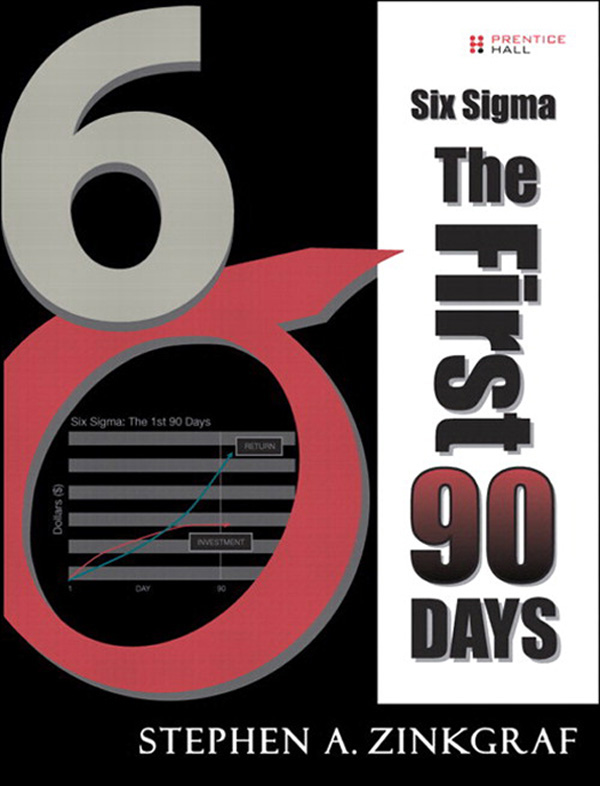
Six Sigma--The First 90 Days Start Six Sigma Fast—And Achieve Powerful Business Benefits Within Months This book offers leaders a proven turnkey approach to launching a Six Sigma initiative in 90 days and using it to transform your company within a year. Drawing on their experience with fifty Six Sigma programs at companies ranging from AlliedSignal to Motorola, Stephen A. Zinkgraf and his contributors show how to rapidly align people, strategy, processes, and customers in support of your initiative—and gain powerful momentum for success. You’ll walk through preparing for an enterprise-wide launch, executing it flawlessly, and establishing a foundation for achieving sustainable results over the long term. Zinkgraf’s techniques, roadmaps, and milestones can help you quickly launch any complex change initiative—even those unrelated to Six Sigma. Taken together, they offer a complete framework for driving and managing change: the #1 core competency for twenty-first century executives. Coverage includes Leading Six Sigma: roadmaps, milestones, and techniques for delivering fast, sustainable gains Effectively preparing, flawlessly executing, and extending your impact for years to come Identifying opportunities, building teams, choosing partners, defining metrics, managing risk, and much more Discovering best practices from over fifty successful launches: techniques that work with any large-scale change initiative TECHNOLOGY & ENGINEERING,Quality Control
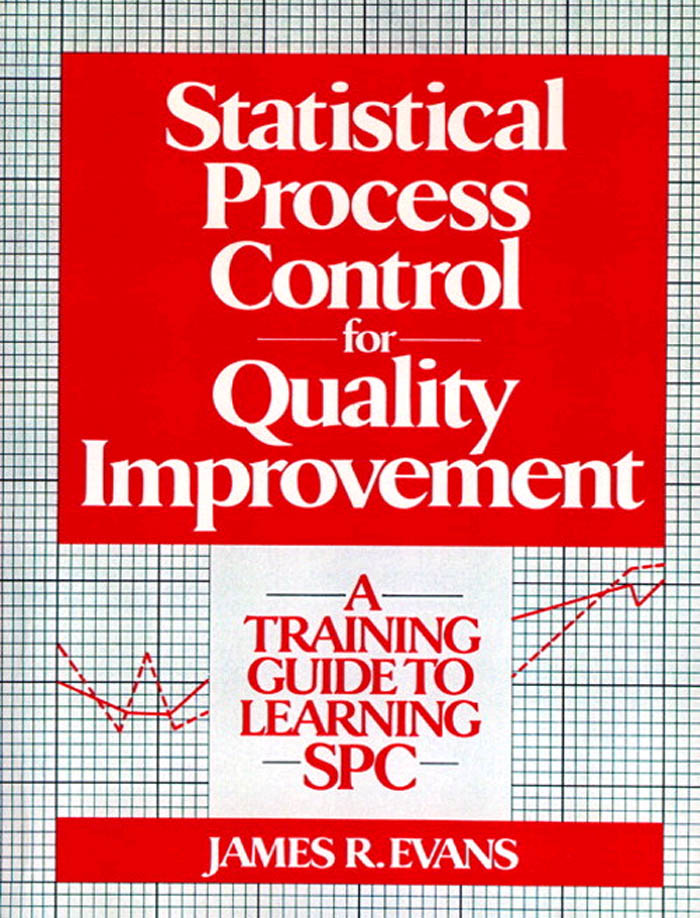
Statistical Process Control For Quality Improvement With today's growing emphasis on quality improvement, training individuals in fundamental quality control skills is a major challenge. Professionals in manufacturing industries need to bring processes into statistical control – and maintain them. This book is designed to help readers learn the statistical tools and concepts needed to develop and use quality control effectively. TECHNOLOGY & ENGINEERING,Quality Control
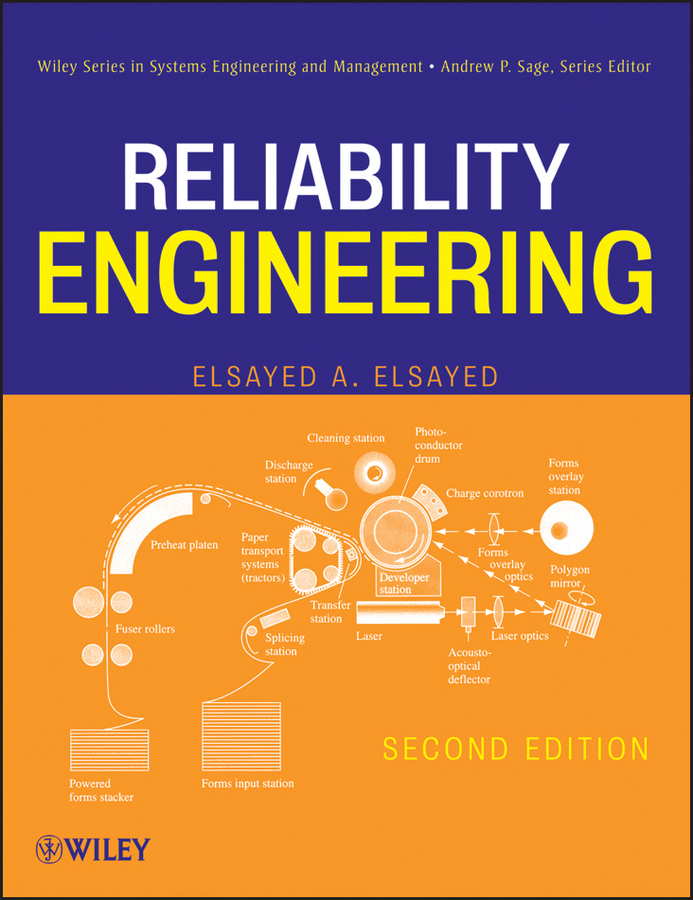
Reliability Engineering A newly revised and updated edition that details both the theoretical foundations and practical applications of reliability engineering Reliability is one of the most important quality characteristics of components, products, and large and complex systems—but it takes a significant amount of time and resources to bring reliability to fruition. Thoroughly classroom- and industry-tested, this book helps ensure that engineers see reliability success with every product they design, test, and manufacture. Divided into three parts, Reliability Engineering, Second Edition handily describes the theories and their practical uses while presenting readers with real-world examples and problems to solve. Part I focuses on system reliability estimation for time independent and failure dependent models, helping engineers create a reliable design. Part II aids the reader in assembling necessary components and configuring them to achieve desired reliability objectives, conducting reliability tests on components, and using field data from similar components. Part III follows what happens once a product is produced and sold, how the manufacturer must ensure its reliability objectives by providing preventive and scheduled maintenance and warranty policies. This Second Edition includes in-depth and enhanced chapter coverage of: Reliability and Hazard Functions System Reliability Evaluation Time- and Failure-Dependent Reliability Estimation Methods of the Parameters of Failure-Time Distributions Parametric Reliability Models Models for Accelerated Life Testing Renewal Processes and Expected Number of Failures Preventive Maintenance and Inspection Warranty Models Case Studies A comprehensive reference for practitioners and professionals in quality and reliability engineering, Reliability Engineering can also be used for senior undergraduate or graduate courses in industrial and systems, mechanical, and electrical engineering programs. TECHNOLOGY & ENGINEERING,Quality Control

Introduction to Logistics Systems Management Introduction to Logistics Systems Management is the fully revised and enhanced version of the 2004 prize-winning textbook Introduction to Logistics Systems Planning and Control, used in universities around the world. This textbook offers an introduction to the methodological aspects of logistics systems management and is based on the rich experience of the authors in teaching, research and industrial consulting. This new edition puts more emphasis on the organizational context in which logistics systems operate and also covers several new models and techniques that have been developed over the past decade. Each topic is illustrated by a numerical example so that the reader can check his or her understanding of each concept before moving on to the next one. At the end of each chapter, case studies taken from the scientific literature are presented to illustrate the use of quantitative methods for solving complex logistics decision problems. An exhaustive set of exercises is also featured at the end of each chapter. The book targets an academic as well as a practitioner audience, and is appropriate for advanced undergraduate and graduate courses in logistics and supply chain management, and should also serve as a methodological reference for practitioners in consulting as well as in industry. TECHNOLOGY & ENGINEERING,Quality Control
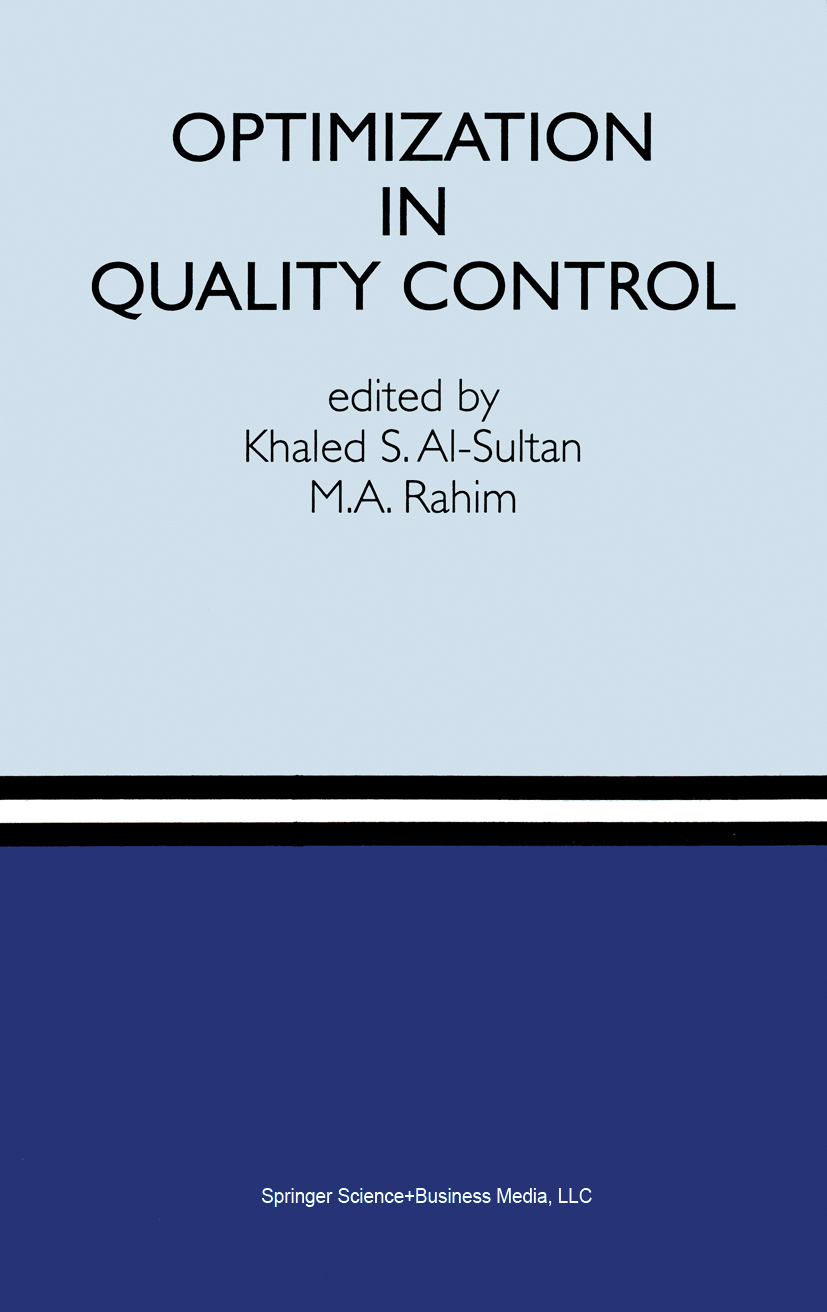
Optimization in Quality Control Optimization in Quality Control presents a broad survey of the state of the art in optimization in quality, and focuses on industrial and national competitiveness. Each chapter has been carefully developed and refereed anonymously by experts in the area of optimization in quality control. Some of the topics covered in this volume include: fundamentals of optimization techniques contemporary approaches to optimization models in process control economic design of control charts determining optimal target values in multiple criteria economic selection models examining quality improvement schemes by trading off between expected warranty servicing costs and increasing manufacturing costs designing optimal inspection plans. This book will serve as an important reference source for academics, professionals and researchers. TECHNOLOGY & ENGINEERING,Quality Control

Quantitative Risk Assessment of Hazardous Materials Transport Systems Industrial development is essential to improvement of the standard of living in all coun tries. In a given region, old and new plants, processes, and technologies have to coexist Technological penetration and substitution processes are generally taking place; they are entirely dynamic and this trend is going to stay like this. People's health and the environment can be affected, directly or indirectly, by rou tine waste discharges or by accidents. A series of recent major industrial accidents and the effect of poUution highlighted, once again, the need for better management of rou tine and accidental risks. Moreover, the existence of natural hazards complicate even more the situation in any given region. Managing the hazards of modern technological systems has become a key activity in highly industrialized countries. Decision makers are often confronted with complex issues concerning economic and social development, industrialization and associated infrastructure needs, population and land use planning. Such issues have to be ad dressed in such a way that ensures that public health wiD not be disrupted or substan tially degraded. TECHNOLOGY & ENGINEERING,Quality Control
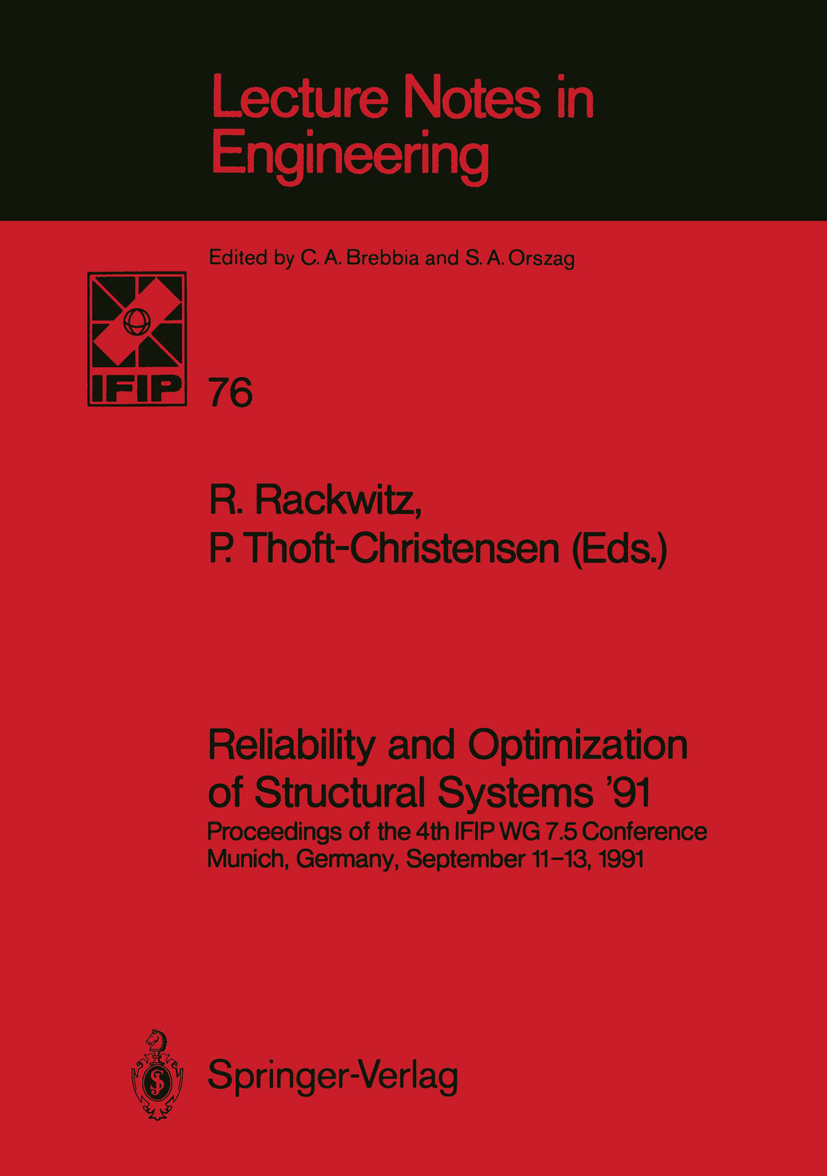
Reliability and Optimization of Structural Systems ’91 This proceedings volume contains 38 papers presented at the 4th Working Conference on "Rel iability· and Optimization of Structural Systems", held at the Technical University of Munich, Germany, September 11- 13, 1991. The Working Conference was organised by the IFIP (Interna tional Federation for Information Processing) Working Group 7.5 of Technical Committee 7 and was the fourth in a series, following similar conferences held at the University of Aalborg, Den mark, May 1987, at the Imperial College, London, UK, September 1988 and at the University of California, Berkeley, California, USA, March 1990. The Working Conference was attended by 54 participants from 16 countries. The objectives of Working Group 7.5 are: • to promote modern structural systems optimization and reliability theory, • to advance international cooperation in the field of structural system optimization and reliability theory, • to stimulate research, development and application of structural system optimization and reli ability theory, • to further the dissemination and exchange of information on reliability and optimization of structural systems • to encourage education in structural system optimization and reliability theory. At present the members of the Working Group are: A. H.-S. Ang, U.S.A. M. Grimmelt, FRG G. A ugwti, Italy N. C. Lind, Canada M. J. Baker, UK H. O. Mad&en, Denmark P. Bjerager, Norway R. E. Melcher~, Australia C. A. Cornell, U.S.A. F. Mo~e~, U.S.A. TECHNOLOGY & ENGINEERING,Quality Control
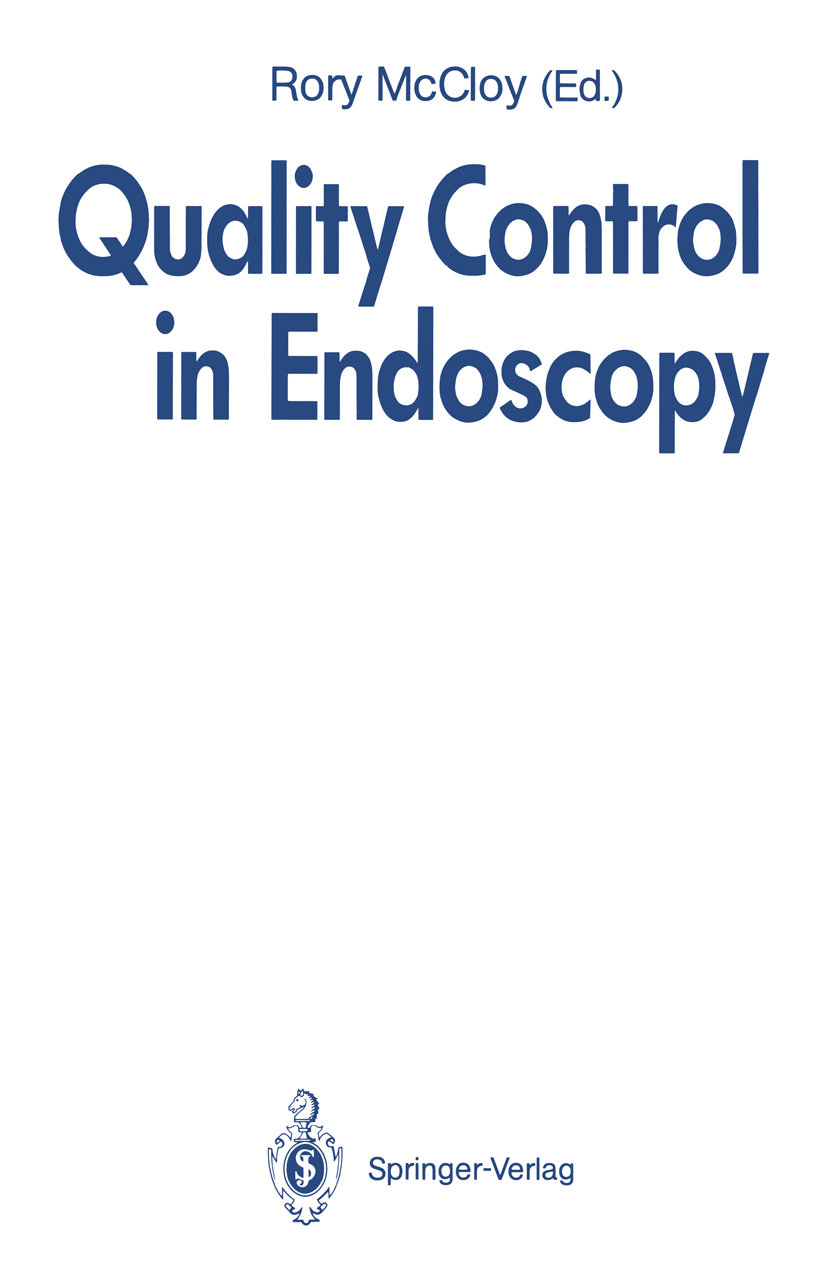
Quality Control in Endoscopy For the first time four crucial aspects of gastrointestinalendoscopy are combined in a single text. Drugs for sedationand monitoring of the patient are addressed with particularreference to safety issues and comfort and acceptability forthe patient. Resource management and health economictechniques are applied to endoscopy to determine quality andoutcome. Problems of negligence and informed consent formthe basis of a medico-legal examination of endoscopicpractices. TECHNOLOGY & ENGINEERING,Quality Control
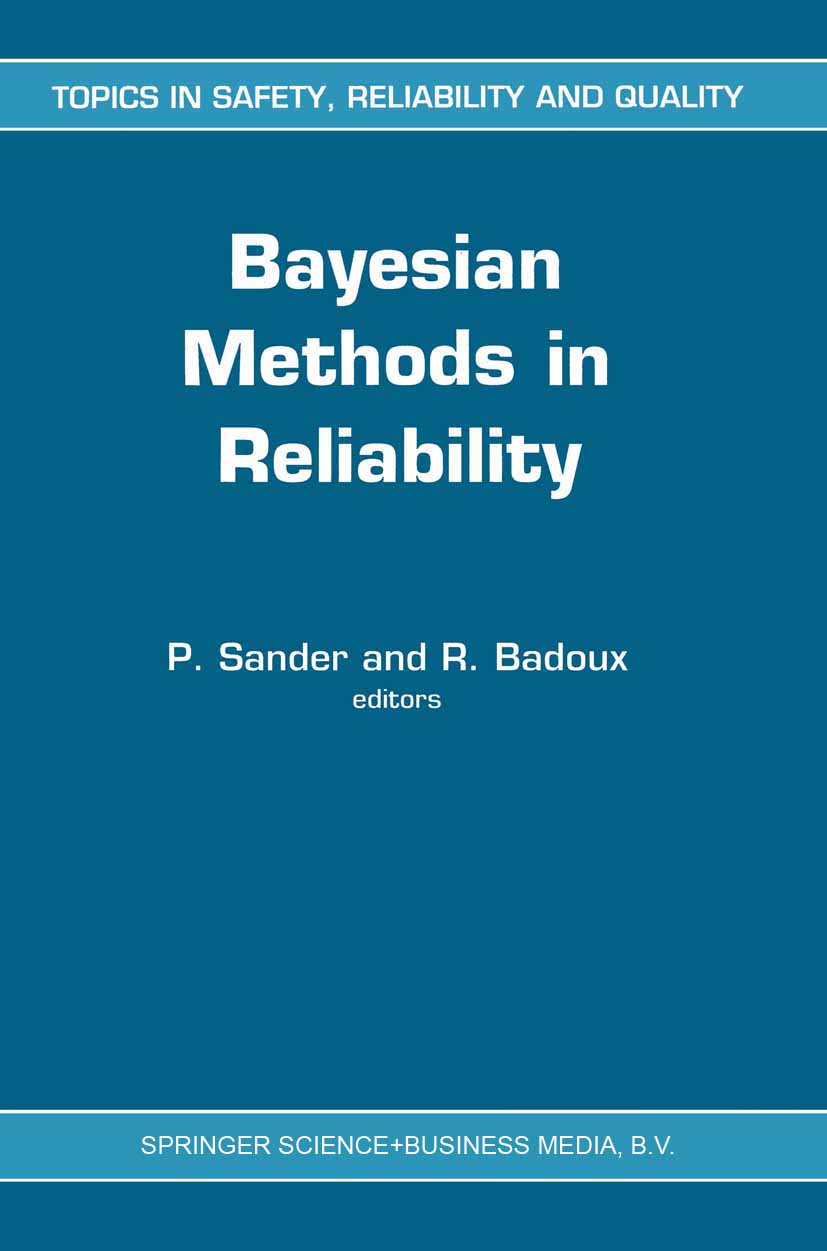
Bayesian Methods in Reliability When data is collected on failure or survival a list of times is obtained. Some of the times are failure times and others are the times at which the subject left the experiment. These times both give information about the performance of the system. The two types will be referred to as failure and censoring times (cf. Smith section 5). * A censoring time, t, gives less information than a failure time, for it is * known only that the item survived past t and not when it failed. The data is tn and of censoring thus collected as a list of failure times t , . . . , l * * * times t , t , . . . , t • 1 z m 2. 2. Classical methods The failure times are assumed to follow a parametric distribution F(t;B) with and reliability R(t;B). There are several methods of estimating density f(t;B) the parameter B based only on the data in the sample without any prior assumptions about B. The availability of powerful computers and software packages has made the method of maximum likelihood the most popular. Descriptions of most methods can be found in the book by Mann, Schafer and Singpurwalla (1974). In general the method of maximum likelihood is the most useful of the classical approaches. The likelihood approach is based on constructing the joint probability distrilmtion or density for a sample. TECHNOLOGY & ENGINEERING,Quality Control
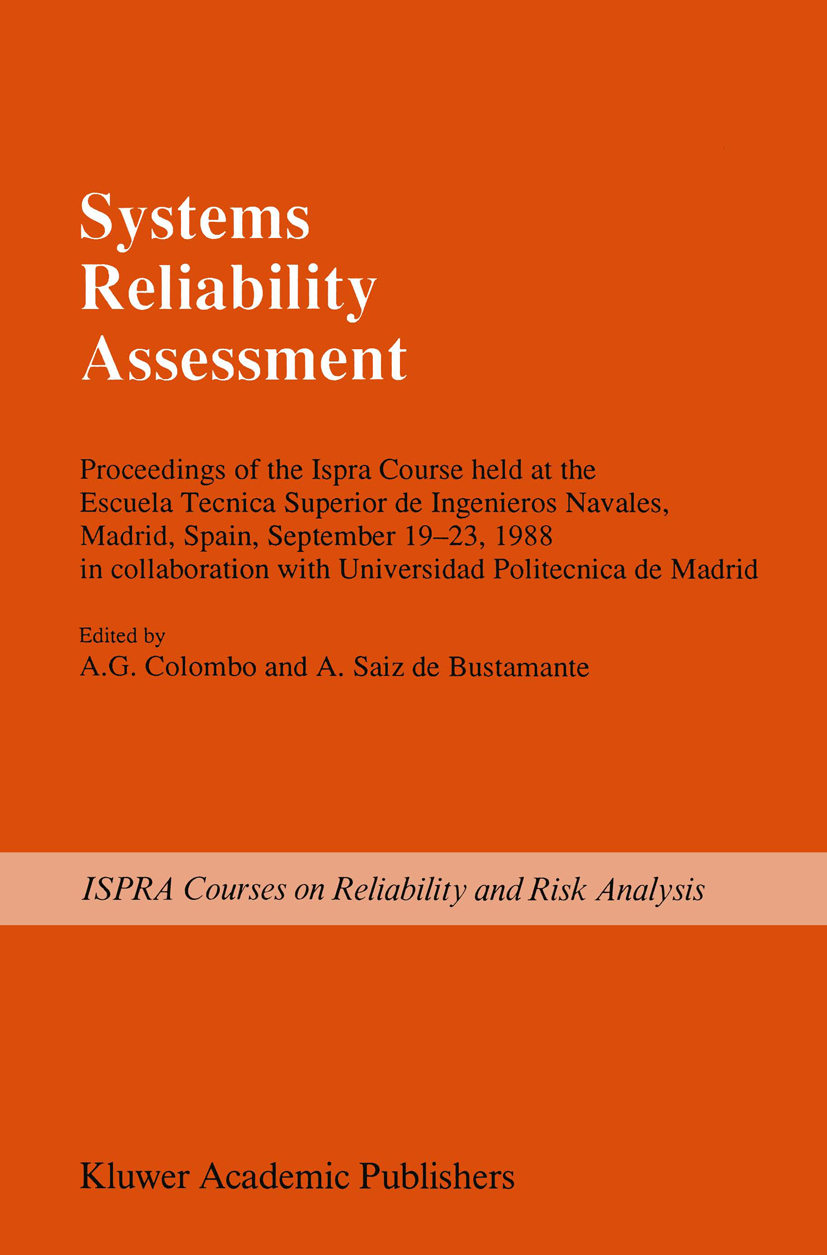
Systems Reliability Assessment Proceedings of the Ispra Course held at the Escuela Tecnica Superior de Ingenieros Navales, Madrid, Spain, September 19-23, 1988 in collaboration with Universidad Politecnica de Madrid TECHNOLOGY & ENGINEERING,Quality Control
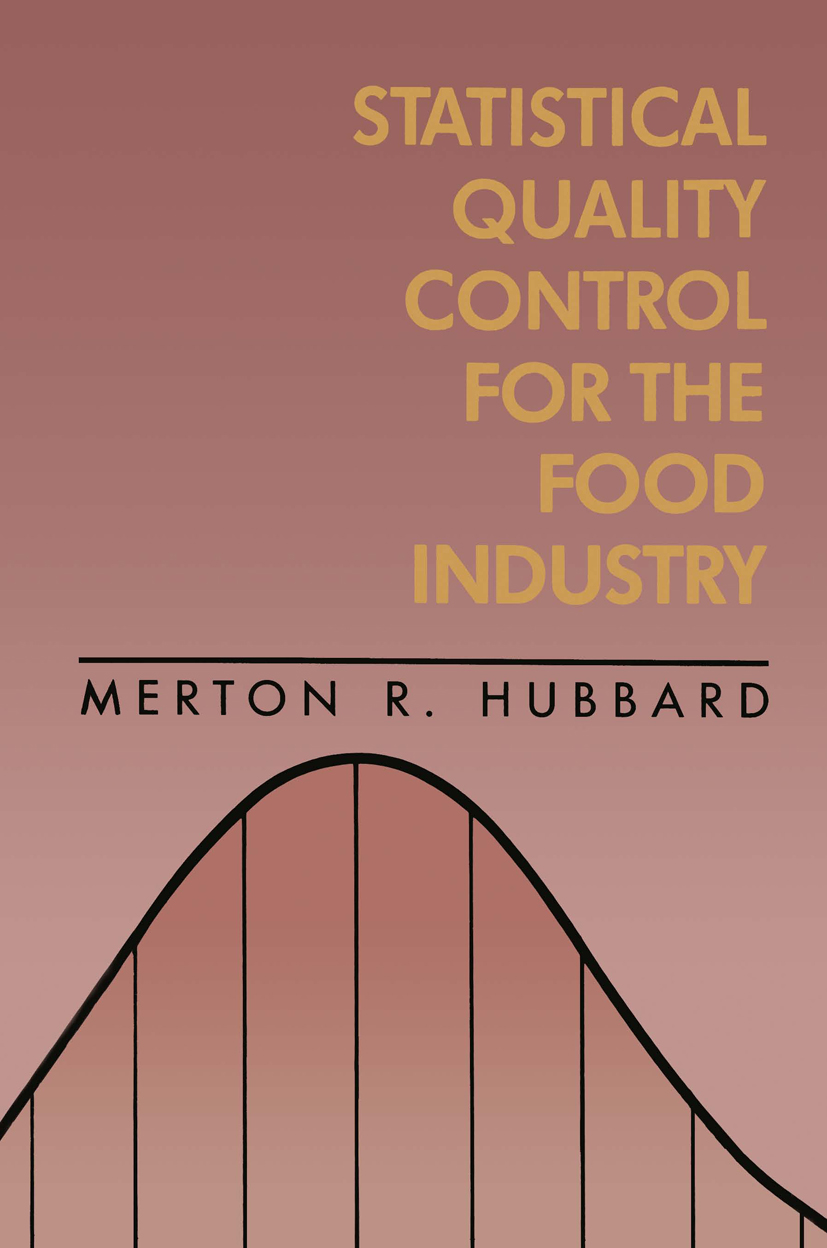
Statistical Quality Control for the Food Industry If an automobile tire leaks or an electric light switch fails, if we are short changed at a department store or erroneously billed for phone calls not made, if a plane departure is delayed due to a mechanical failure - these are rather ordinary annoyances which we have come to accept as normal occur rences. Contrast this with failure of a food product. If foreign matter is found in a food, if a product is discolored or crushed, if illness or discomfort occurs when a food product is eaten-the consumer reacts with anger, fear, and sometimes mass hysteria. The offending product is often returned to the seller, or a disgruntled letter is written to the manufacturer. In an extreme case, an expensive law suit may be filed against the company. The reaction is almost as severe if the failure is a difficult-to-open package or a leaking container. There is no tolerance for failure of food products. Dozens of books on quality written for hardware or service industries discuss failure rates, product reliability, serviceability, maintainability, warran ty, and repair. Manufacturers in the food industry cannot use these measure ments: food reliability must be 100%, failure rate 0%. Serviceability, main tainability, warranty, and repair are meaningless terms to food processors. TECHNOLOGY & ENGINEERING,Quality Control
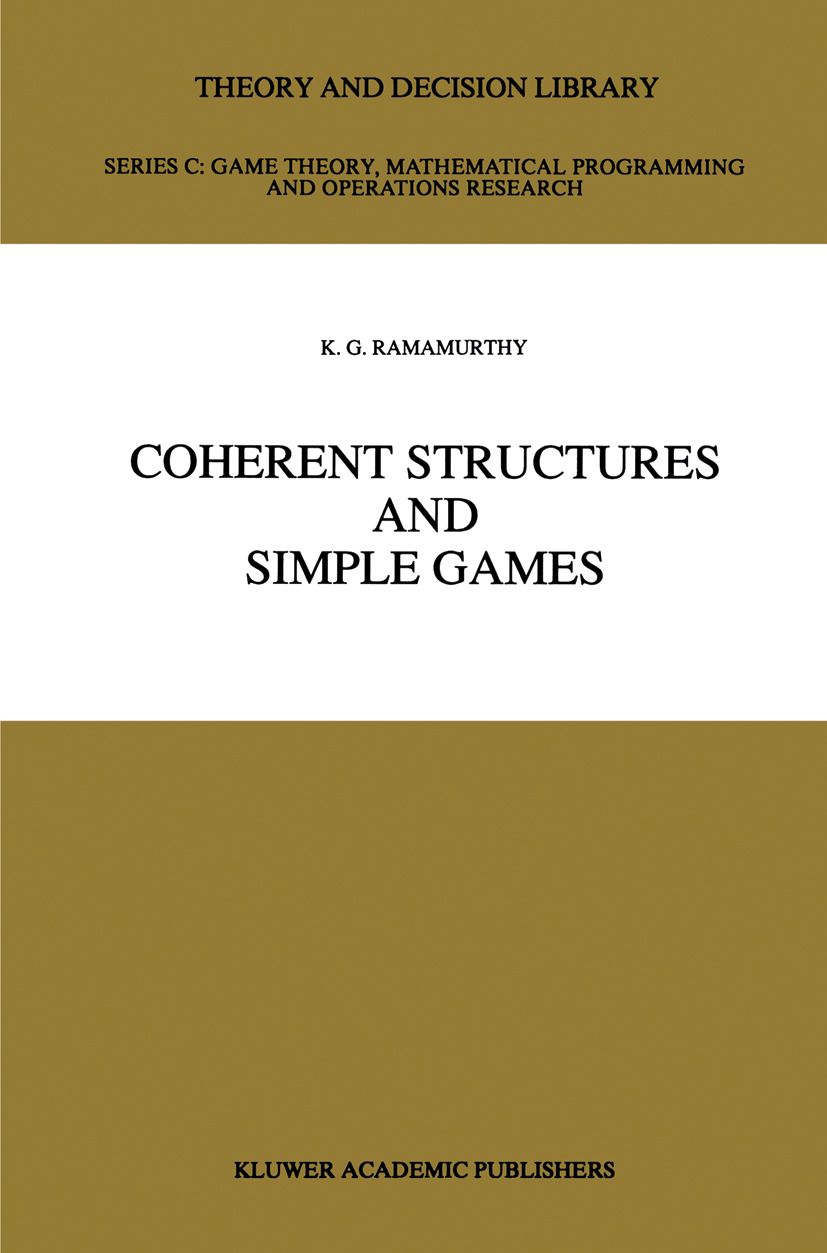
Coherent Structures and Simple Games The motivation for this monograph can be traced to a seminar on Simple Games given by Professor S.H. Tijs of the Catholic University at Nijmegen way back in 1981 or 1982 at the Delhi campus of the Indian Statistical Institute. As an ap plied statistician and a consultant in quality control, I was naturally interested in Reliability Theory. I was aquainted with topics in reliability like coherent systems, importance of components etc., mainly through Barlow and Proschan's book. At the seminar given by Professor Tijs, I noticed the striking similarity between the concepts in reliability and simple games and this kindled my interest in simple games. When I started going deep into the literature of simple games, I noticed that a number of concepts as well as results which were well known in game theory were rediscovered much later by researchers in reliability. Though the conceptual equivalence of coherent structures and simple games has been noticed quite early, it is not that much well known. In fact, the theoretical developments have taken place practically independent of each other, with considerable duplication of research effort. The basic objective of this monograph is to unify some of the concepts and developments in reliability and simple games so as to avoid further duplication. TECHNOLOGY & ENGINEERING,Quality Control
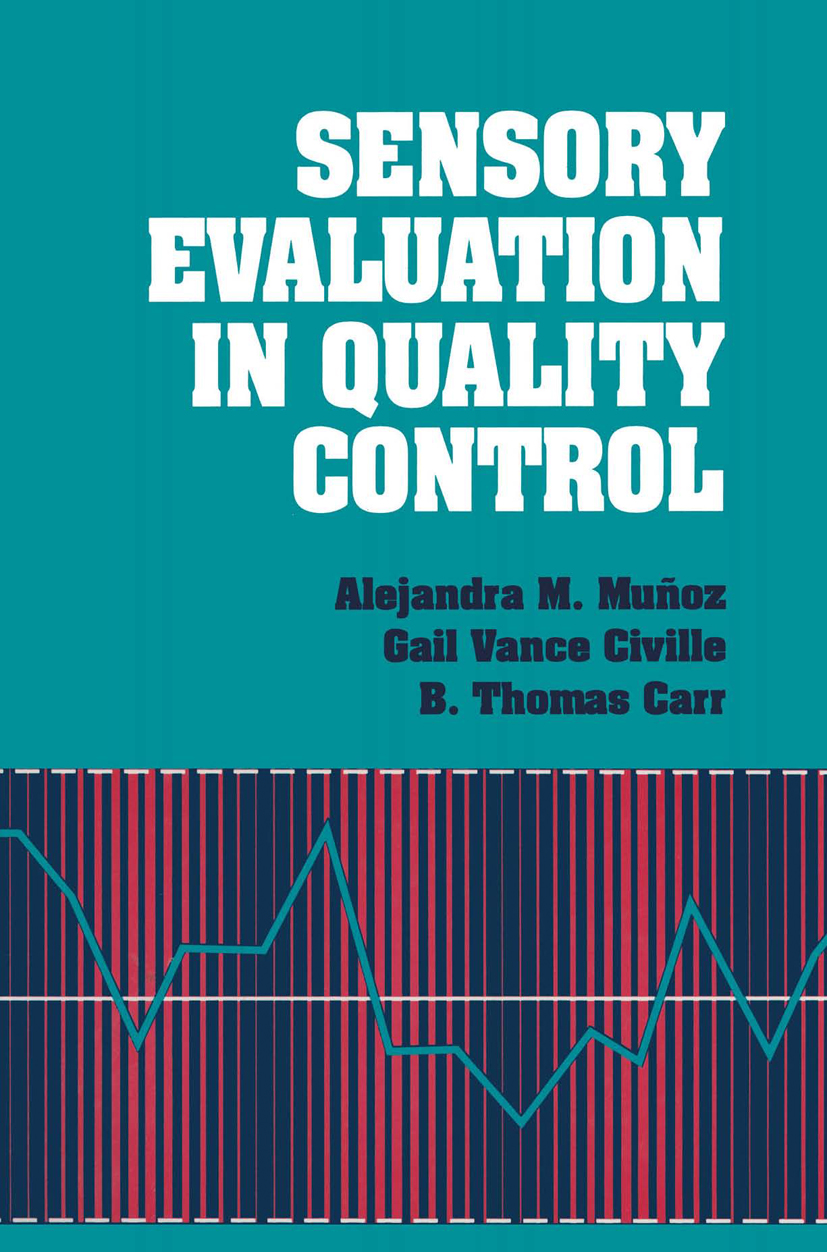
Sensory Evaluation in Quality Control This book addresses an important, but so far neglected, topic: the application of sensory evaluation to quality control. Although several articles have been pub lished that have discussed concepts of quality control/sensory evaluation (QC/sen sory) programs, Sensory Evaluation in Quality Control is the first publication that addresses this topic in a comprehensive and practical way. This book is com prehensive, in that it presents the sensory and statistical information that is needed to design and implement several types of QCfsensory programs at the plant level. The book is practical, in that it provides a step-by-step description of the complete process to implement such programs, and it illustrates this process through real examples encountered by various consumer products companies (e. g. , foods, personal care products, paper products). With this practical information, sensory and quality professionals can design and implement sound QC/sensory programs at the plant level. This book was developed to provide the sensory and quality professional with an overview and guide to apply, in a production facility, the unique techniques that are used to measure sensory responses. Therefore, the book is intended for QC and/or R&D personnel (e. g. , sensory managers and analysts, and quality profes sionals) in charge of implementing an in-plant program, as well as for the plant management and plant technical personnel (sensory coordinator and quality pro fessionals) who are ultimately responsible for the routine operation of the estab lished program. TECHNOLOGY & ENGINEERING,Quality Control
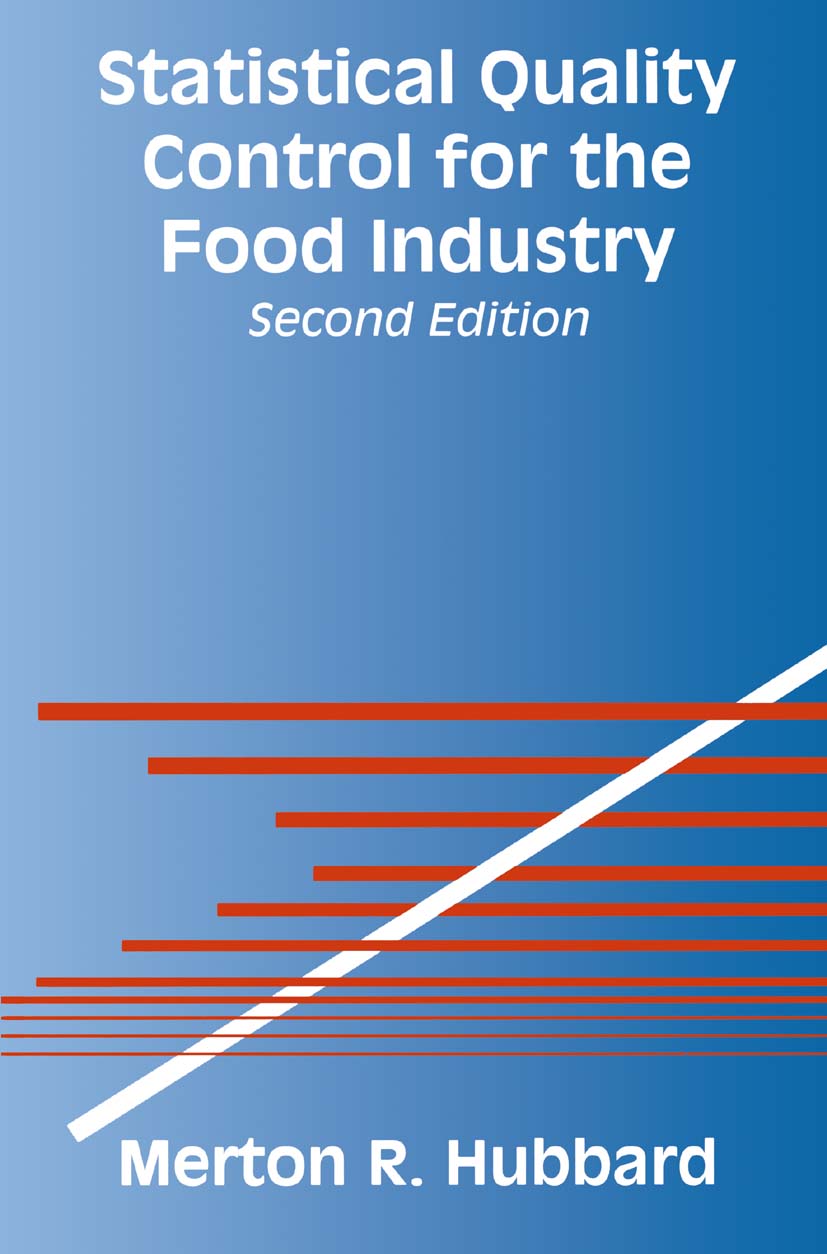
Statistical Quality Control for the Food Industry Considering the ability of food processing companies to consistently manu facture safe foods with uniform quality over the past 20 or 30 years without these new tools and new systems, one might expect that quality control improvements would be marginal. On the other hand, these changes have already provided sub stantial opportunities for process and product improvement. This second edition is intended to update the basic concepts and discuss some of the new ones. Preface to the First Edition If an automobile tire leaks or an electric light switch fails, if we are short-changed at a department store or erroneously billed for phone calls not made, if a plane de parture is delayed due to a mechanical failure-these are rather ordinary annoy ances which we have come to accept as normal occurrences. Contrast this with failure of a food product. If foreign matter is found in a food, if a product is discolored or crushed, if illness or discomfort occurs when a food product is eaten-the consumer reacts with anger, fear, and sometimes mass hys teria. The offending product is often returned to the seller, or a disgruntled letter is written to the manufacturer. In an extreme case, an expensive law suit may be filed against the company. The reaction is almost as severe if the failure is a dif ficult-to-open package or a leaking container. There is no tolerance for failure of food products. TECHNOLOGY & ENGINEERING,Quality Control
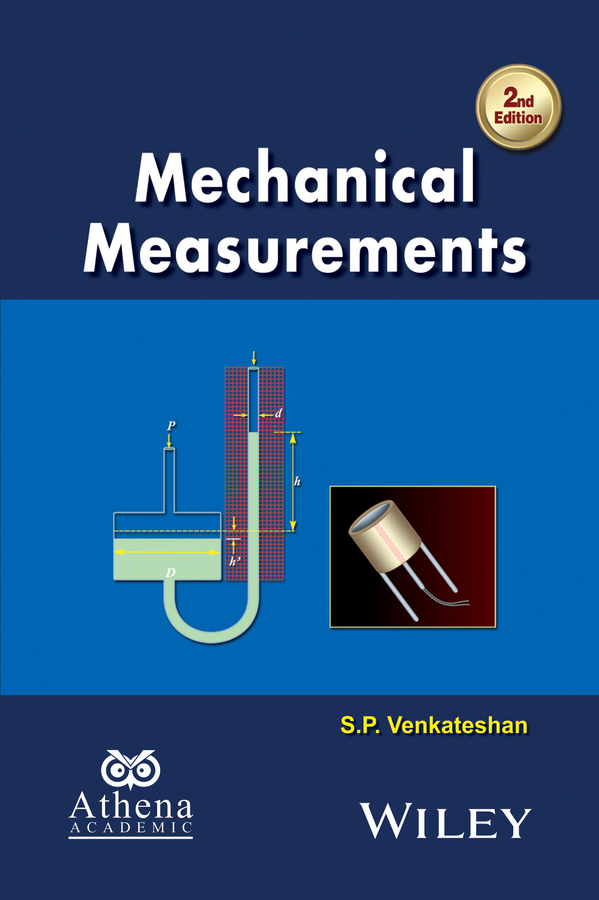
Mechanical Measurements The first edition of this book was co-published by Ane Books India, and CRC Press in 2008. This second edition is an enlarged version of the web course developed by the author at IIT Madras, and also a modified and augmented version of the earlier book. Major additions/modifications presented are in the treatment of errors in measurement, temperature measurement, measurement of thermo-physical properties, and data manipulation. Many new worked examples have been introduced in this new and updated second edition. TECHNOLOGY & ENGINEERING,Quality Control
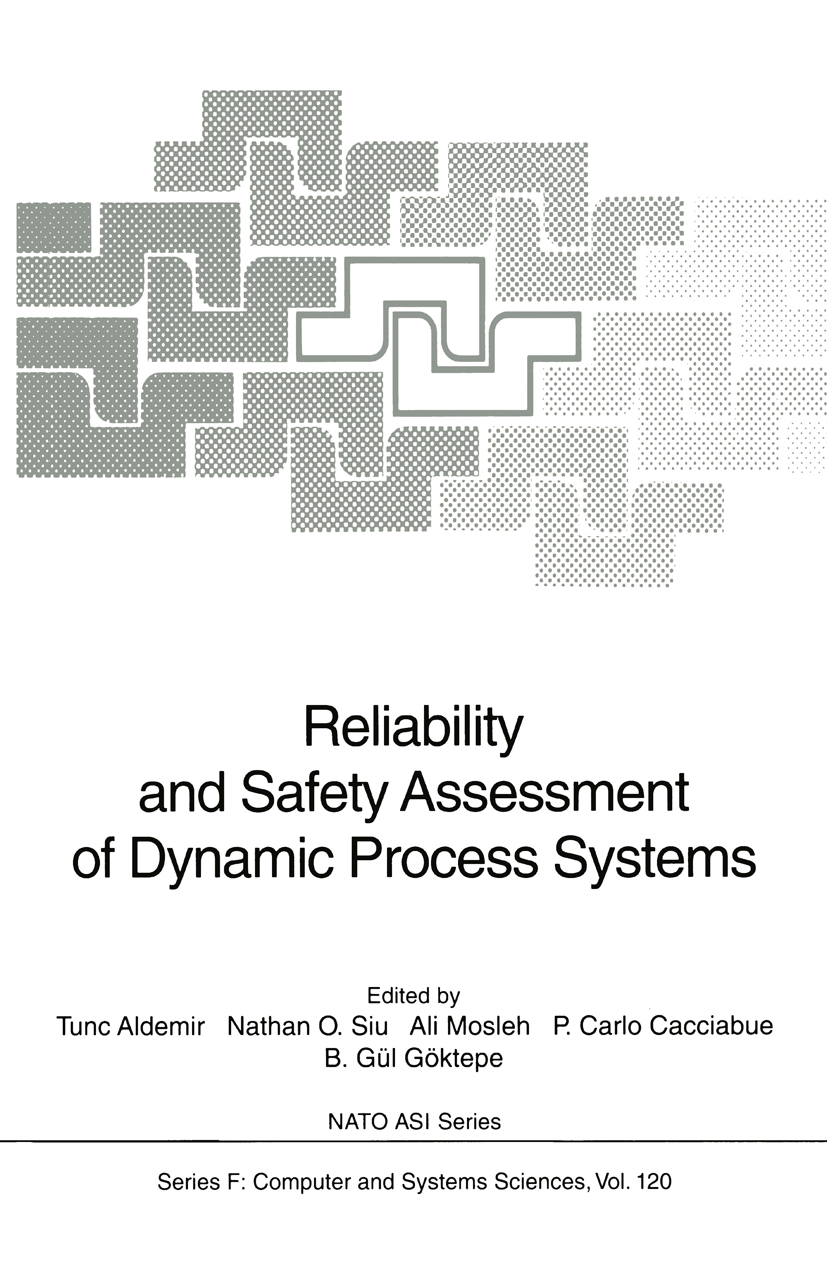
Reliability and Safety Assessment of Dynamic Process Systems Current issues and approaches in the reliability and safety analysis of dynamic process systems are the subject of this book. The authors of the chapters are experts from nuclear, chemical, mechanical, aerospace and defense system industries, and from institutions including universities, national laboratories, private consulting companies, and regulatory bodies. Both the conventional approaches and dynamic methodologies which explicitly account for the time element in system evolution in failure modeling are represented. The papers on conventional approaches concentrate on the modeling of dynamic effects and the need for improved methods. The dynamic methodologies covered include the DYLAM methodology, the theory of continuous event trees, several Markov model construction procedures, Monte Carlo simulation, and utilization of logic flowgraphs in conjunction with Petri nets. Special emphasis is placed on human factors such as procedures and training. TECHNOLOGY & ENGINEERING,Quality Control
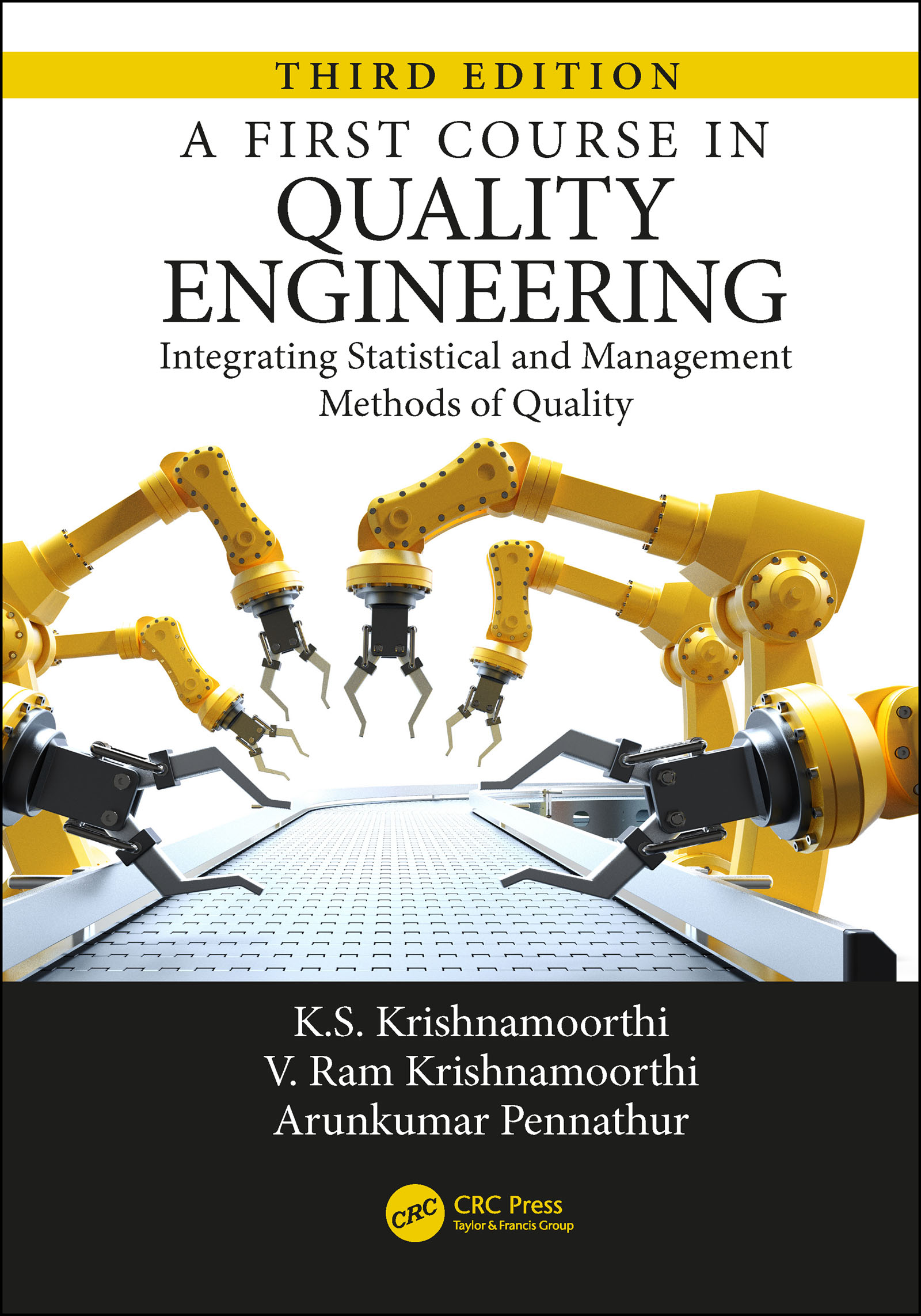
A First Course in Quality Engineering This book is the leader among the new generation of text books on quality that follow the systems approach to creating quality in products and services; the earlier generations focused solely on parts of the system such as statistical methods, process control, and management philosophy. It follows the premise that the body of knowledge and tools documented by quality professionals and researchers, when employed in designing, creating and delivering the product will lead to product quality, customer satisfaction and reduced waste. The tools employed at the different stages of the product creation cycle are covered in this book using real world examples along with their theoretical bases, strengths and weaknesses. This textbook can be used for training - from shop floor personnel to college majors in business and engineering to practicing professionals. Graduate students training as researchers in the quality field will also find useful material. The book has been used as the text for a Professional Series Massive Open Online Course offered by the Technical University of Munich on edX.org, through which tens of thousands of participants from all over the world have received training in quality methods. According to Professor Dr. Holly Ott, who chose the book for the course, the text is one of the main factors contributing to success of this MOOC. The Third Edition has been fully revised to be friendly for self-study, reflects changes in the standards referenced such as ISO 9000, and includes new examples of application of statistical tools in health care industry. Features: Reviews the history of quality movement in the U.S. and abroad Discusses Quality Cost analysis and quality’s impact on a company’s bottom line Explains finding customer needs and designing the product using House of Quality Covers selection of product parameters using DOE and reliability principles Includes control charts to control processes to make the product right-the-first-time Describes use of capability indices Cp and Cpk to meet customer needs Presents problem solving methodology and tools for continuous improvement Offers ISO 9000, Baldrige and Six Sigma as templates for creating a quality system TECHNOLOGY & ENGINEERING,Quality Control

ISO 9001 Martin Hinsch summarizes all chapters of the ISO 9001:2015 shortly. The text offers both beginners and users with little knowledge of the standard an introduction to or a refresher course on the world's most important standard for management systems. Therefore, each individual chapter of the standard is described. The text is primarily aimed at those QM enthusiasts who would like to gain a basic understanding of the standard briefly, concisely and precisely about all the requirements relevant for day-to-day operations. About the Author: Prof. Dr. Martin Hinsch is an expert in aeronautical quality and process management. He is approved as an auditor for ISO 9001:2015 and for the aviation standard EN 9100. With his management consultancy he supports companies in setting up QM systems. TECHNOLOGY & ENGINEERING,Quality Control
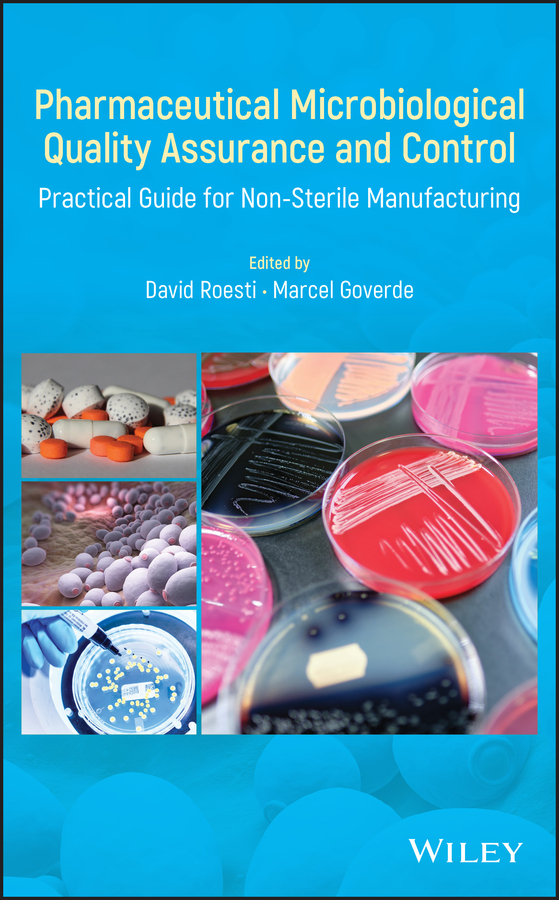
Pharmaceutical Microbiological Quality Assurance and Control Relying on practical examples from the authors’ experience, this book provides a thorough and modern approach to controlling and monitoring microbial contaminations during the manufacturing of non-sterile pharmaceuticals. Offers a comprehensive guidance for non-sterile pharmaceuticals microbiological QA/QC Presents the latest developments in both regulatory expectations and technical advancements Provides guidance on statistical tools for risk assessment and trending of microbiological data Describes strategy and practical examples from the authors’ experience in globalized pharmaceutical companies and expert networks Offers a comprehensive guidance for non-sterile pharmaceuticals microbiological QA/QC Presents the latest developments in both regulatory expectations and technical advancements Provides guidance on statistical tools for risk assessment and trending of microbiological data Describes strategy and practical examples from the authors’ experience in globalized pharmaceutical companies and expert networks TECHNOLOGY & ENGINEERING,Quality Control
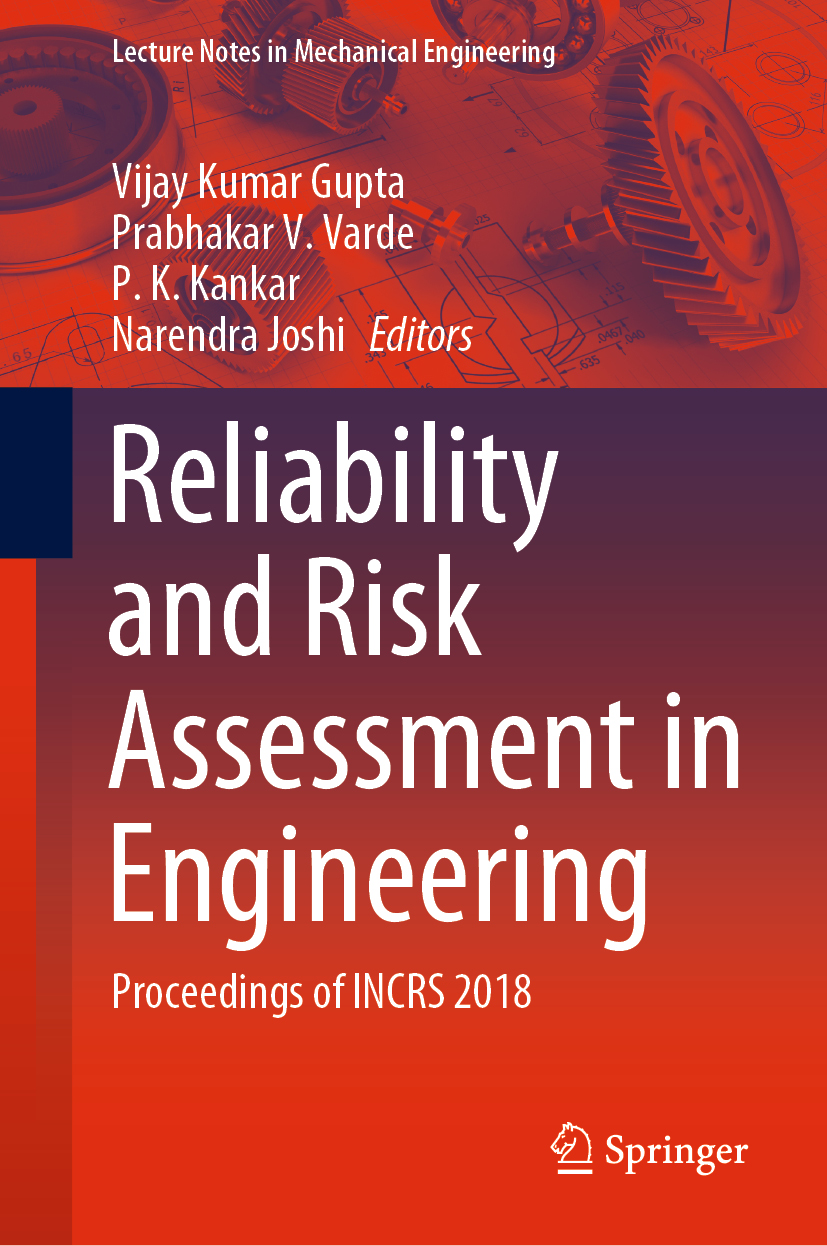
Reliability and Risk Assessment in Engineering This volume is a collection of articles on reliability and safety engineering presented during INCRS 2018. The articles cover a variety of topics such as big data analytics and their applications in reliability assessment and condition monitoring, health monitoring, management, diagnostics and prognostics of mechanical systems, design for reliability and optimization, and machine learning for industrial applications. A special aspect of this volume is the coverage of performance, failure and reliability issues in electrical distribution systems. This book will be a useful reference for graduate students, researchers and professionals working in the area of reliability assessment, condition monitoring and predictive maintenance. TECHNOLOGY & ENGINEERING,Quality Control
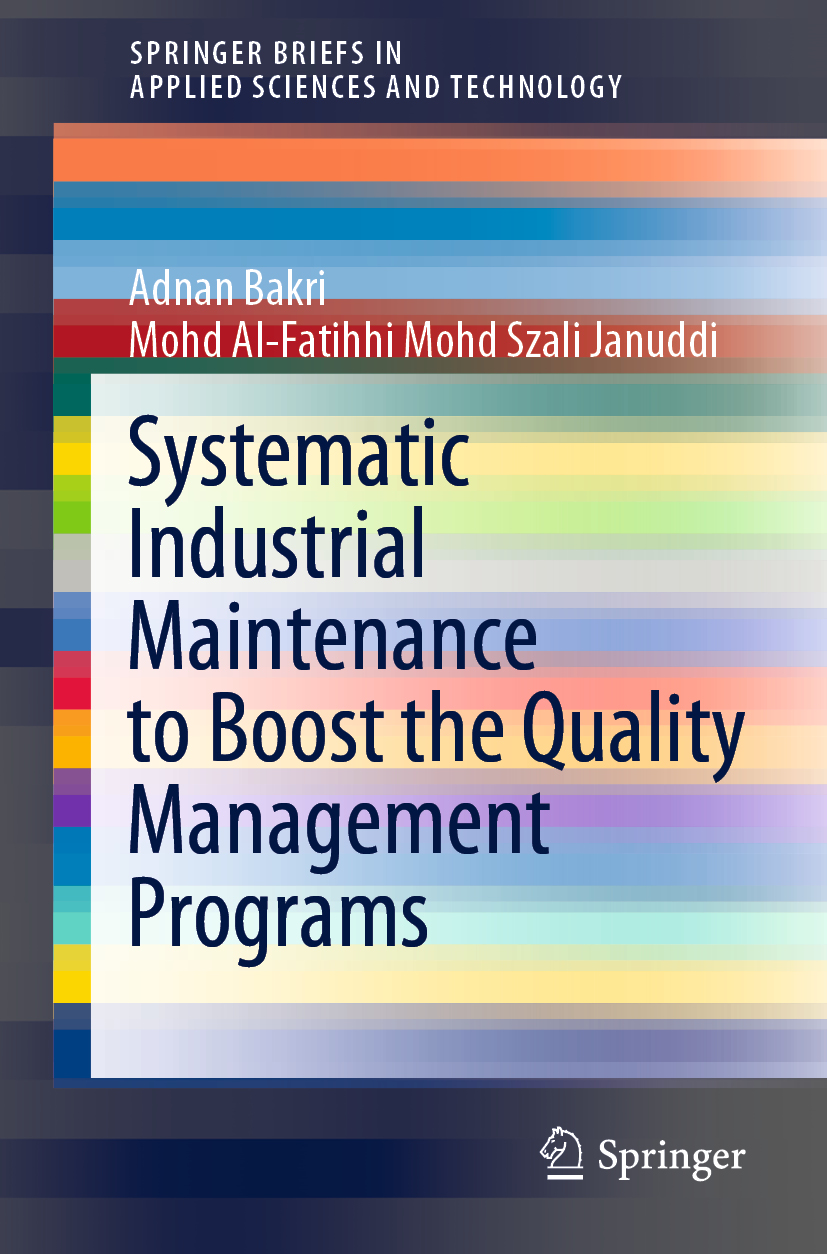
Systematic Industrial Maintenance to Boost the Quality Management Programs This book discusses the main quality management (QM) programs and their possible integration into systematic industrial maintenance (SIM). Unlike traditional engineering maintenance books, it not only explains the theory but also provides practical examples of the integration of QM and SIM programs. It also includes reference sources, making it useful for readers wanting to explore specific areas in more depth. Chapter 1 introduces various aspects of the main quality management (QM) programs, including total quality management (TQM), just-in-time (JIT) and lean manufacturing (Lean). Subsequently, it examines the relation of quality and maintenance. Chapter 2 reviews the concepts of systematic industrial maintenance (SIM) and the application of quality control (QC) tools. Chapter 3 offers an overview, historical perspective and trends in industrial maintenance techniques. Chapters 4, 5, 6, 7, 8 and 9 focus on topics related to schedule-based maintenance, condition-based maintenance, reliability-based maintenance, computerized-based maintenance, risk-based maintenance and total productive maintenance. Covering the theory of each of these types of SIM, the chapters also explain their real-world application in QM and highlight their merits and weaknesses in the context of supporting QM. TECHNOLOGY & ENGINEERING,Quality Control
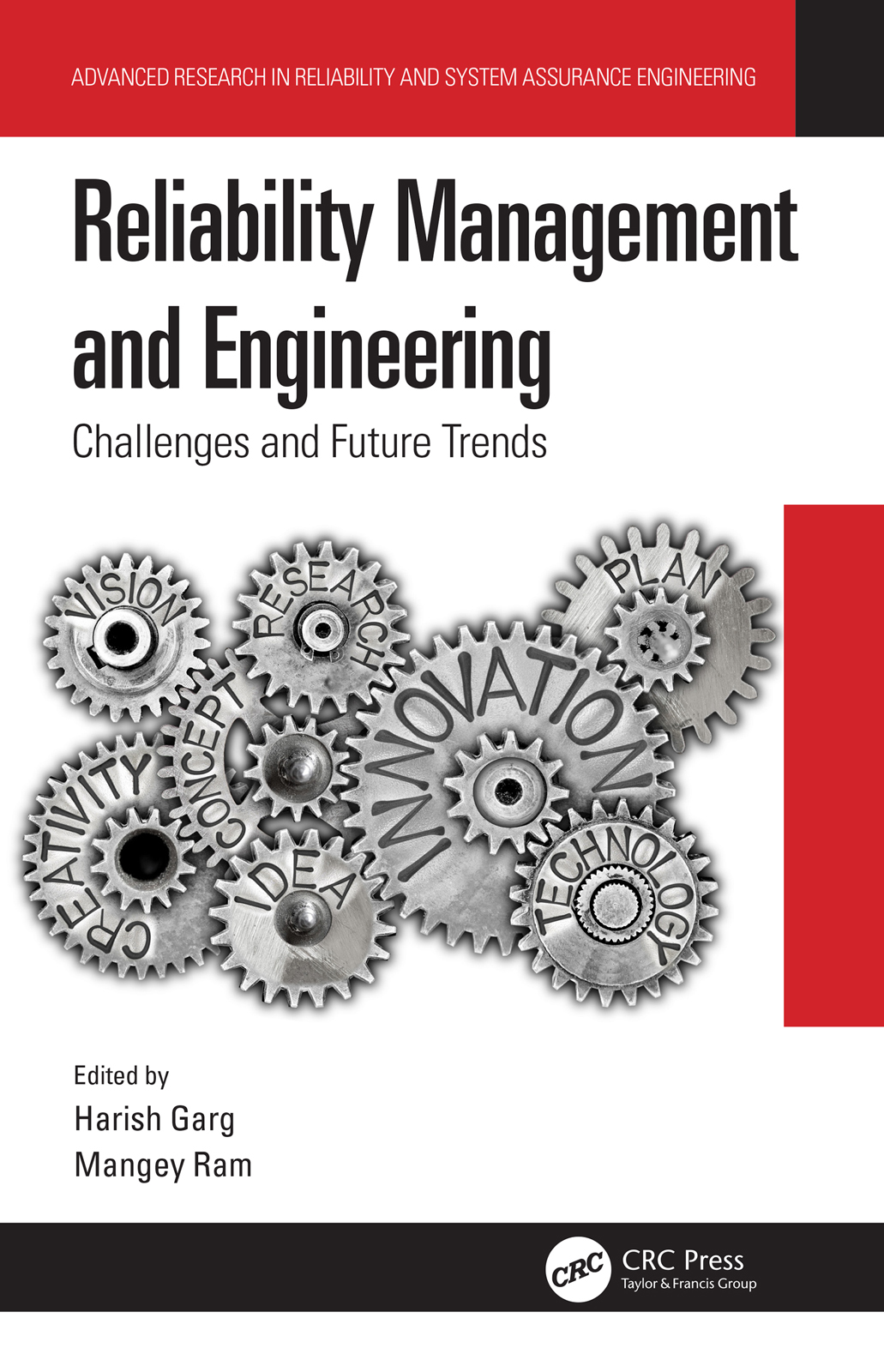
Reliability Management and Engineering Reliability technology plays an important role in the present era of industrial growth, optimal efficiency, and reducing hazards. This book provides insights into current advances and developments in reliability engineering, and the research presented is spread across all branches. It discusses interdisciplinary solutions to complex problems using different approaches to save money, time, and manpower. It presents methodologies of coping with uncertainty in reliability optimization through the usage of various techniques such as soft computing, fuzzy optimization, uncertainty, and maintenance scheduling. Case studies and real-world examples are presented along with applications that can be used in practice. This book will be useful to researchers, academicians, and practitioners working in the area of reliability and systems assurance engineering. Provides current advances and developments across different branches of engineering. Reviews and analyses case studies and real-world examples. Presents applications to be used in practice. Includes numerous examples to illustrate theoretical results. TECHNOLOGY & ENGINEERING,Quality Control
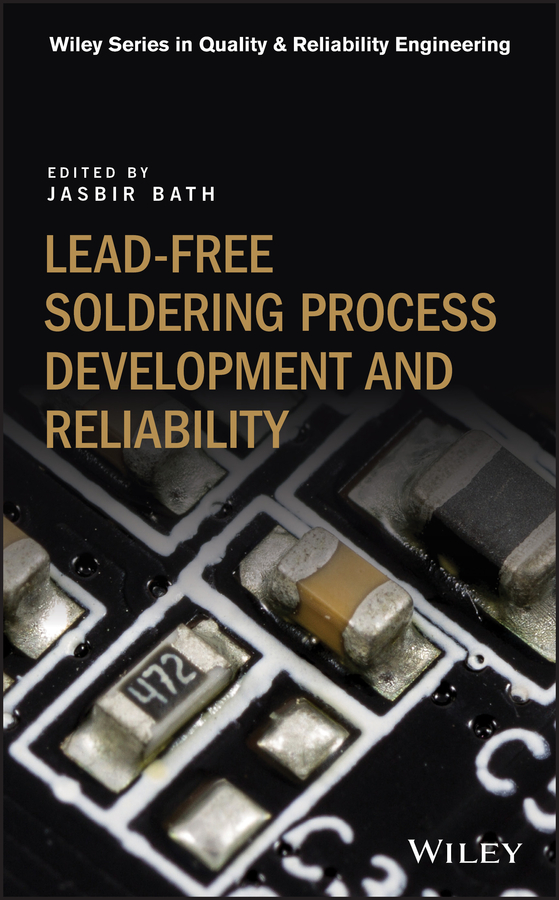
Lead-free Soldering Process Development and Reliability Covering the major topics in lead-free soldering Lead-free Soldering Process Development and Reliability provides a comprehensive discussion of all modern topics in lead-free soldering. Perfect for process, quality, failure analysis and reliability engineers in production industries, this reference will help practitioners address issues in research, development and production. Among other topics, the book addresses: · Developments in process engineering (SMT, Wave, Rework, Paste Technology) · Low temperature, high temperature and high reliability alloys · Intermetallic compounds · PCB surface finishes and laminates · Underfills, encapsulants and conformal coatings · Reliability assessments In a regulatory environment that includes the adoption of mandatory lead-free requirements in a variety of countries, the book’s explanations of high-temperature, low-temperature, and high-reliability lead-free alloys in terms of process and reliability implications are invaluable to working engineers. Lead-free Soldering takes a forward-looking approach, with an eye towards developments likely to impact the industry in the coming years. These will include the introduction of lead-free requirements in high-reliability electronics products in the medical, automotive, and defense industries. The book provides practitioners in these and other segments of the industry with guidelines and information to help comply with these requirements. TECHNOLOGY & ENGINEERING,Quality Control
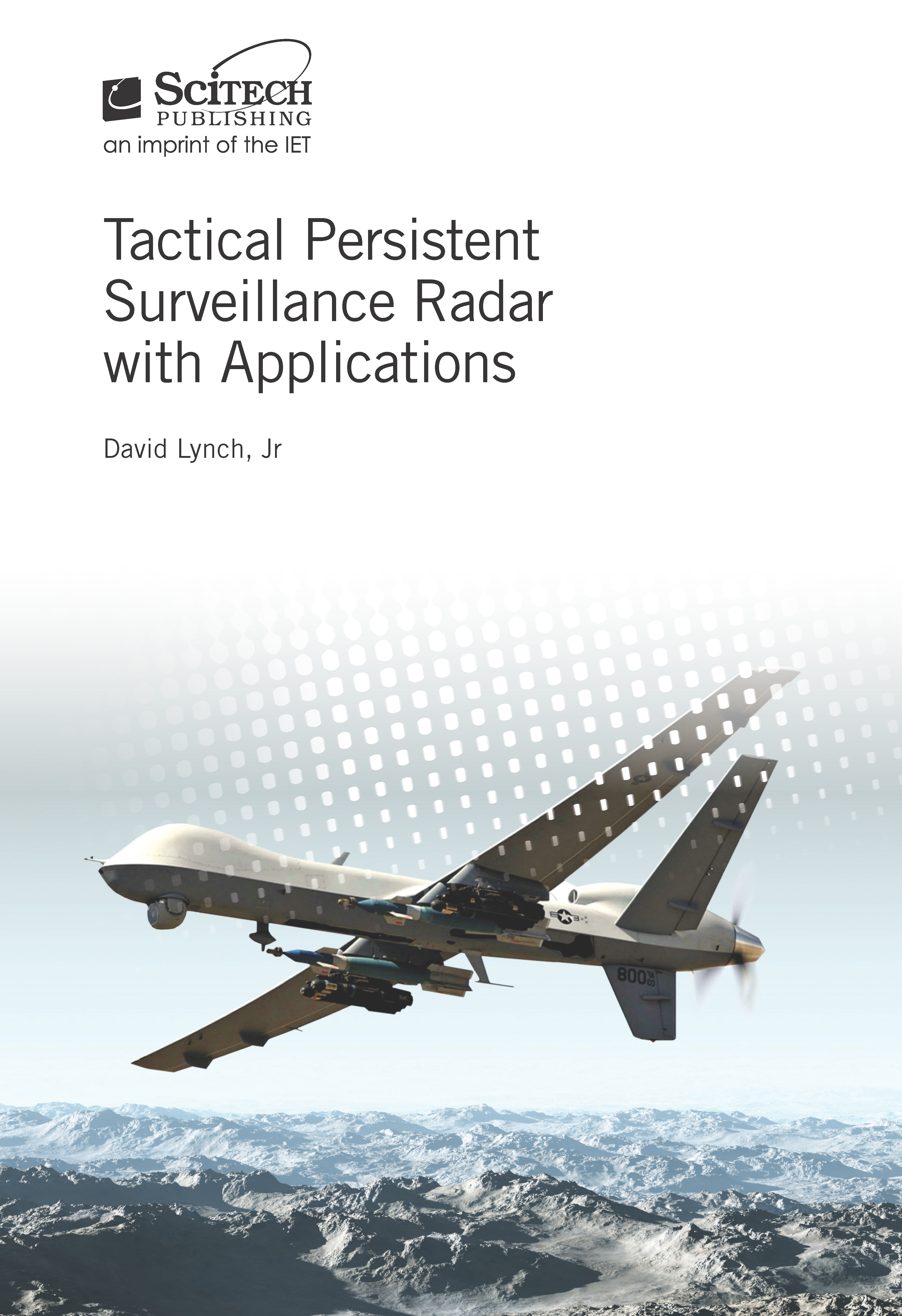
Tactical Persistent Surveillance Radar with Applications This book introduces technologists to the essential elements of persistent surveillance of tactical targets from both a hardware and software point of view, using simple Mathcad, Excel and Basic examples with real data. TECHNOLOGY & ENGINEERING,Radar
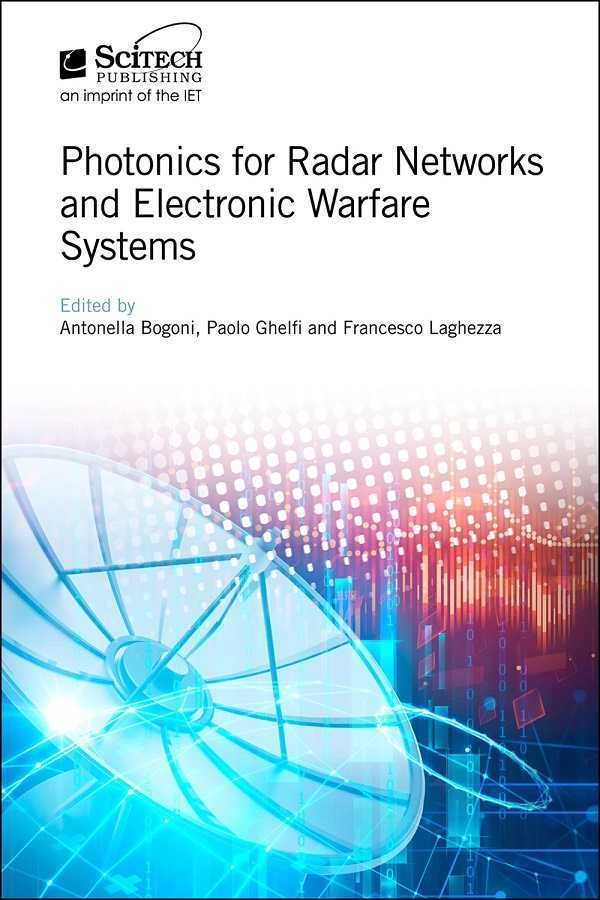
Photonics for Radar Networks and Electronic Warfare Systems This book outlines the potential for microwave photonics in radar and electronic warfare systems, covering basic concepts and functions, comparing performance with conventional systems, describing its impact on digital signal processing, and exploring integration issues. TECHNOLOGY & ENGINEERING,Radar
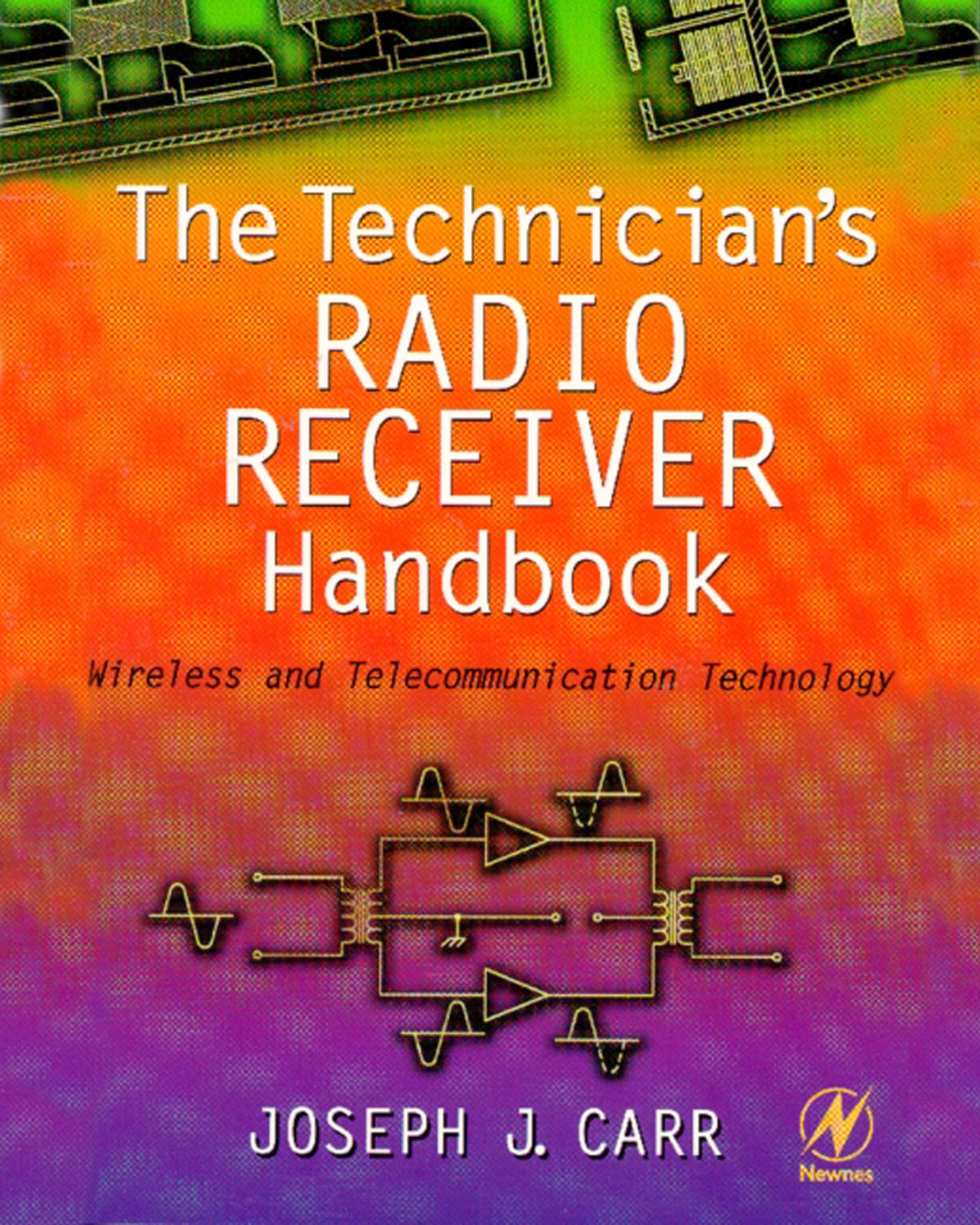
The Technician's Radio Receiver Handbook The Technician's Radio Receiver Handbook is an invaluable tool for anyone involved in the technologies of wireless, cellular telephone, telecommunications, avionics, and other forms of electronic communication using radio waves. The market demand for and use of wireless and telecommunication technology has increased dramatically over the past decade, leaving many technicians and other communications professionals with the need for accurate information on how the newest equipment works and how to fix any problems that arise. Joe Carr, a notable author in the amateur radio and communications markets, explains both the new and old technologies, the science behind the scenes, as well as troubleshooting techniques not found in any other book. The book will also have a companion website including helpful calculation software, customizable spreadsheets, and much more. Written for technicians and hands-on practitioners in clear, easy-to-read text with many detailed illustrations Contains information on cutting-edge receiver equipment as well as the most popular types used today in a variety of markets Destined to be a constant reference and superb training guide for anyone interested in communications technology TECHNOLOGY & ENGINEERING,Radio
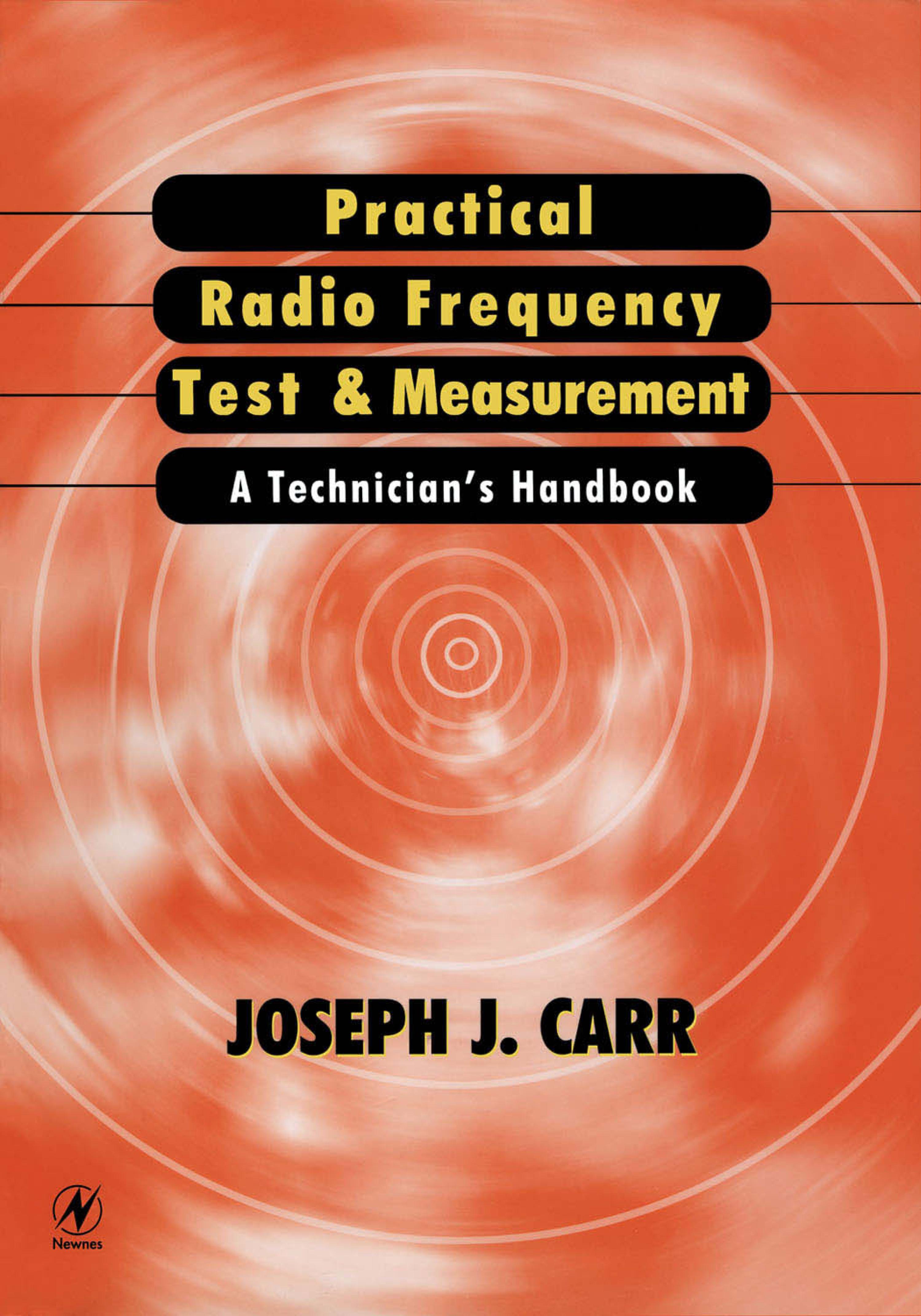
Practical Radio Frequency Test and Measurement Practical Radio Frequency Test and Measurement will teach readers the basics of performing the tests and measurements used in radio-frequency systems installation, proof of performance, maintenance, and troubleshooting. Practical Radio Frequency Test and Measurement teaches readers the basics of performing the tests and measurements used in radio-frequency systems installation, proof of performance, maintenance, and troubleshooting. Anyone interested in gaining more practical proficiency with RF, whether engineer, technician, amateur radio buff, or hobbyist, needs a copy of this book. Joseph J. Carr, himself an accomplished practitioner in this field, examines the instruments used in the various types of measurement before moving on to specific measurement methods. Carr includes information on basic theories of RF measurement, as well as test equipment, test set-ups, test and measurement procedures, and interpretation of results. Provides immediate applications for anyone who works in or is interested in RF technology Suitable for beginners, intermediate-level users, and advanced users Written by a prolific expert in the RF field TECHNOLOGY & ENGINEERING,Radio
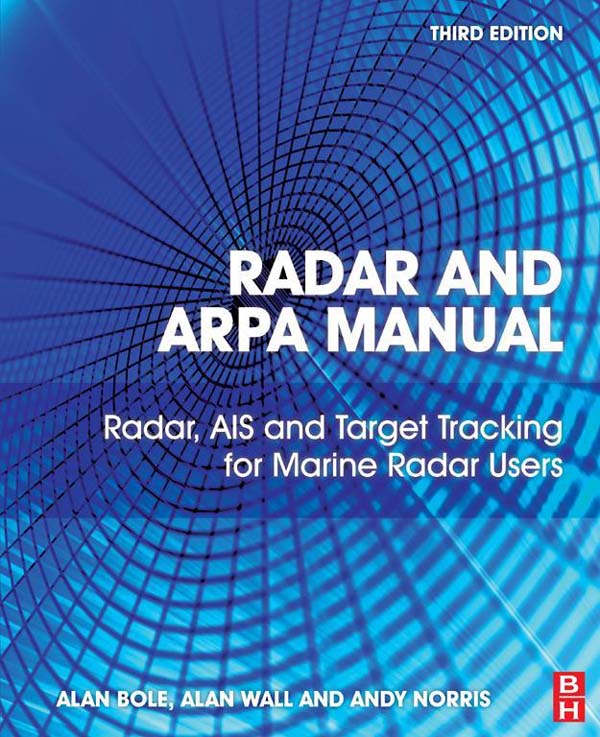
Radar and ARPA Manual This fully revised new edition covers the complete radar/ARPA installation and serves as the most comprehensive and up-to-date reference on equipment and techniques for radar observers using older and newer systems alike. Suitable for use as a professional reference or as a training text, the book covers all aspects of radar, ARPA and integrated bridge systems technology (including AIS, ECDIS and GNSS) and their role in shipboard operations. It is a valuable resource for larger vessels and also covers the needs of leisure and amateur sailors for whom this technology is now accessible. Radar and ARPA Manual provides essential information for professional mariners, including those on training courses for electronic navigation systems and professional certificates internationally. Reference is made throughout to IMO (International Maritime Organization) Performance Standards, the role of radar in navigation and in collision avoidance, and to international professional and amateur marine operations qualifications. The most up-to-date book available, with comprehensive treatment of modern radar and ARPA systems and ECDIS (Electronic Chart Display & Information Systems) Full coverage of IMO performance standards relating to radar and navigational technology on new and established vessels Covers best practice use of equipment as well as underlying principles, with essential mathematics and complicated concepts illustrated through the use of clear illustrations TECHNOLOGY & ENGINEERING,Radio
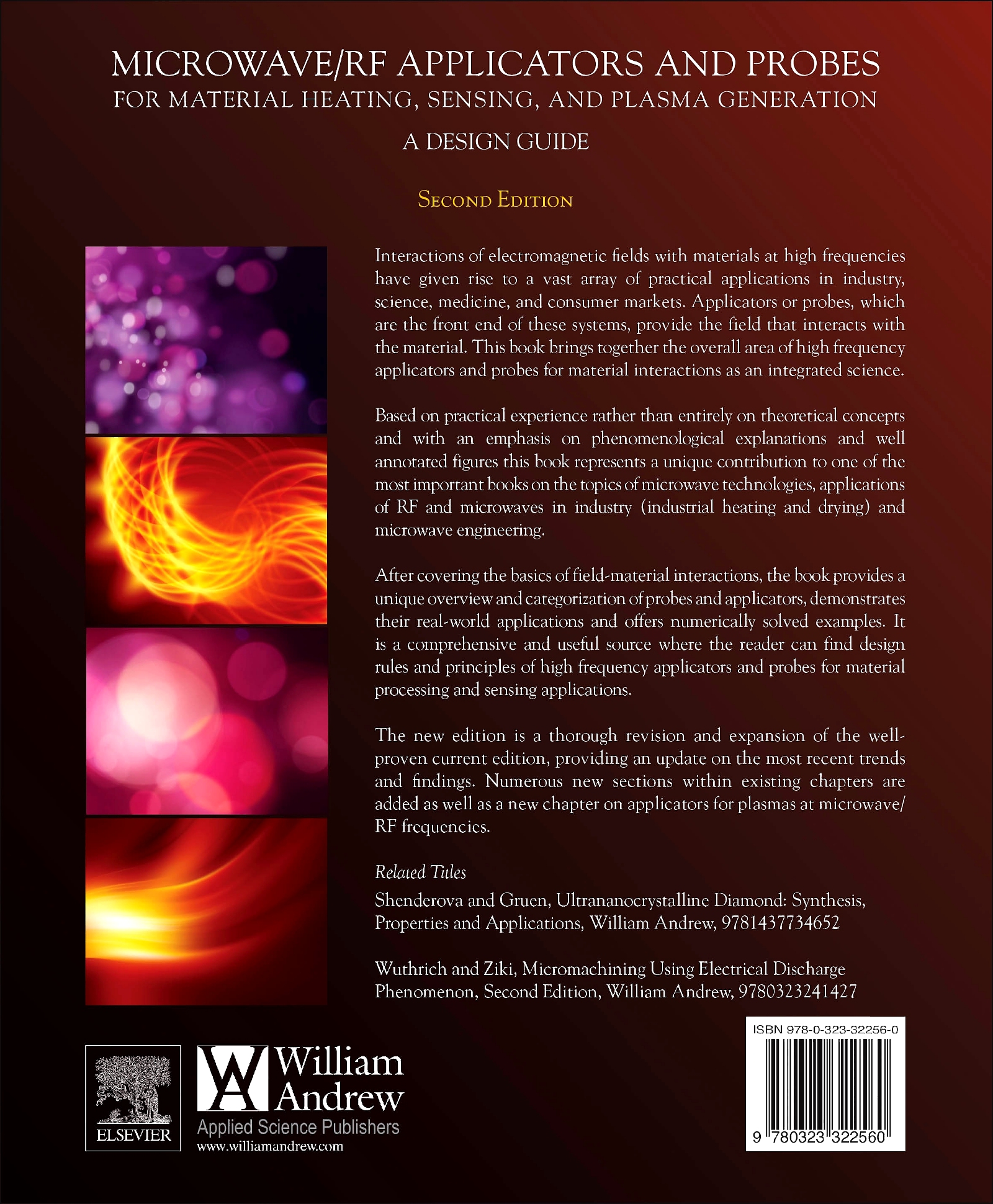
Microwave/RF Applicators and Probes Microwave/RF Applicators and Probes for Material Heating, Sensing, and Plasma Generation, Second Edition, encompasses the area of high-frequency applicators and probes for material interactions as an integrated science. Based on practical experience rather than entirely on theoretical concepts, and emphasizing phenomenological explanations and well-annotated figures, the book represents one of the most important resources on the topics of microwave technologies, applications of RF and microwaves in industry (industrial heating and drying), and microwave engineering. After covering the basics of field-material interactions, the book reviews and categorizes probes and applicators, demonstrates their real-world applications, and offers numerically solved examples. Readers will find valuable design rules and principles of high-frequency applicators and probes for material processing and sensing applications in this expanded edition. Presents new information on how the interactions of electromagnetic fields with materials at high frequencies have given rise to a vast array of practical applications in industry, science, medicine, and consumer markets Thoroughly revised and expanded edition, providing an update on the most recent trends and findings Contains many new sections within existing chapters, along with new chapters on applicators for plasmas at microwave/RF frequencies TECHNOLOGY & ENGINEERING,Radio

Ham Radio For Dummies Your how-to guide to become a ham Ham radio, or amateur radio, is a way to talk with people around the world in real-time, or to send email without any sort of internet connection. It provides a way to keep in touch with friends and family, whether they are across town or across the country. It is also a very important emergency communication system. When cell phones, landlines, the internet, and other systems are down or overloaded, Amateur Radio still gets the message through. Radio amateurs, often called "hams," enjoy radio technology as a hobby, but are often called upon to provide vital service when regular communications systems fail. Ham Radio For Dummies is your guide to everything there is to know about ham radio. Plus, this updated edition provides new and additional information on digital mode operating, as well as use of amateur radio in student science and new operating events. • Set up your radio station • Design your ham shack • Provide support in emergencies and communicate with other hams • Study for the licensing exam and choose your call sign If you're looking to join a college radio club or just want to learn the latest tips and tricks, this book is a helpful reference guide to beginners, or those who have been "hams" for years. TECHNOLOGY & ENGINEERING,Radio

Audio Production Worktext Audio Production Worktext, 9th Edition provides readers the best introduction to audio and radio production. It shows how to navigate modern radio production studios and utilize the latest equipment and software. The 9th edition is updated to cover new mobile technologies, digital consoles, and audio editing apps and software, as well sound for the visual media and Internet radio. The new edition continues to include the worktext/website format tailored for both students and teachers and features like Production Tips that provide notes relevant to various audio production topics, self-study questions and projects, an updated Glossary, and an up-to-date companion website with invaluable student and instructor materials. Included in this edition are offers and features from Pro Sound Effects, FilmTVsound.com, and RadioFX, as well as updated color graphics and images throughout the text. The book includes a companion website at https://routledgetextbooks.com/textbooks/9781138557048/ TECHNOLOGY & ENGINEERING,Radio
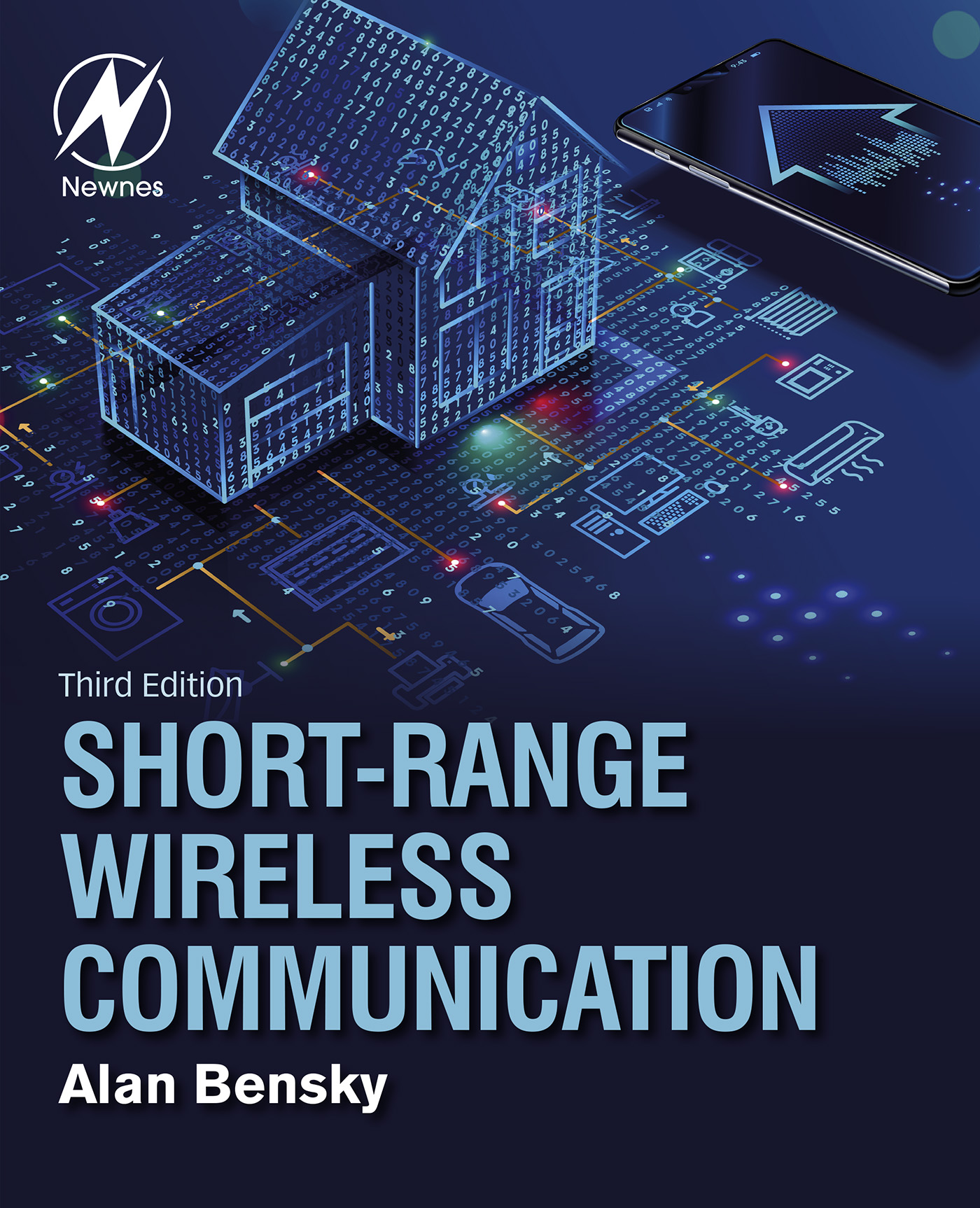
Short-range Wireless Communication Short-range Wireless Communication, Third Edition, describes radio theory and applications for wireless communication with ranges of centimeters to hundreds of meters. Topics covered include radio wave propagation, the theory of antennas and transmission lines, architectures of transmitters, and radio system design guidelines as a function of basic communication parameters, such as sensitivity, noise and bandwidth. Topics new to this edition include MIMO, metamaterials, inductance coupling for loop antennas, very high throughput Wi-Fi specifications, Bluetooth Low Energy, expanded coverage of RFID, wireless security, location awareness, wireless sensor networks, Internet of Things, millimeter wave and optical short-range communications, body area networks, energy harvesting, and more. Engineers, programmers, technicians and sales management personnel who support short-range wireless products will find the book a comprehensive and highly readable source to boost on-the-job performance and satisfaction. Presents comprehensive, up-to-date coverage of short-range wireless technologies Provides an in-depth explanation of wave propagation and antennas Describes communication system components and specifications, including transmitters, receivers, frequency synthesizers, sensitivity, noise, distortion, and more Includes an introduction to error detection and correction TECHNOLOGY & ENGINEERING,Radio
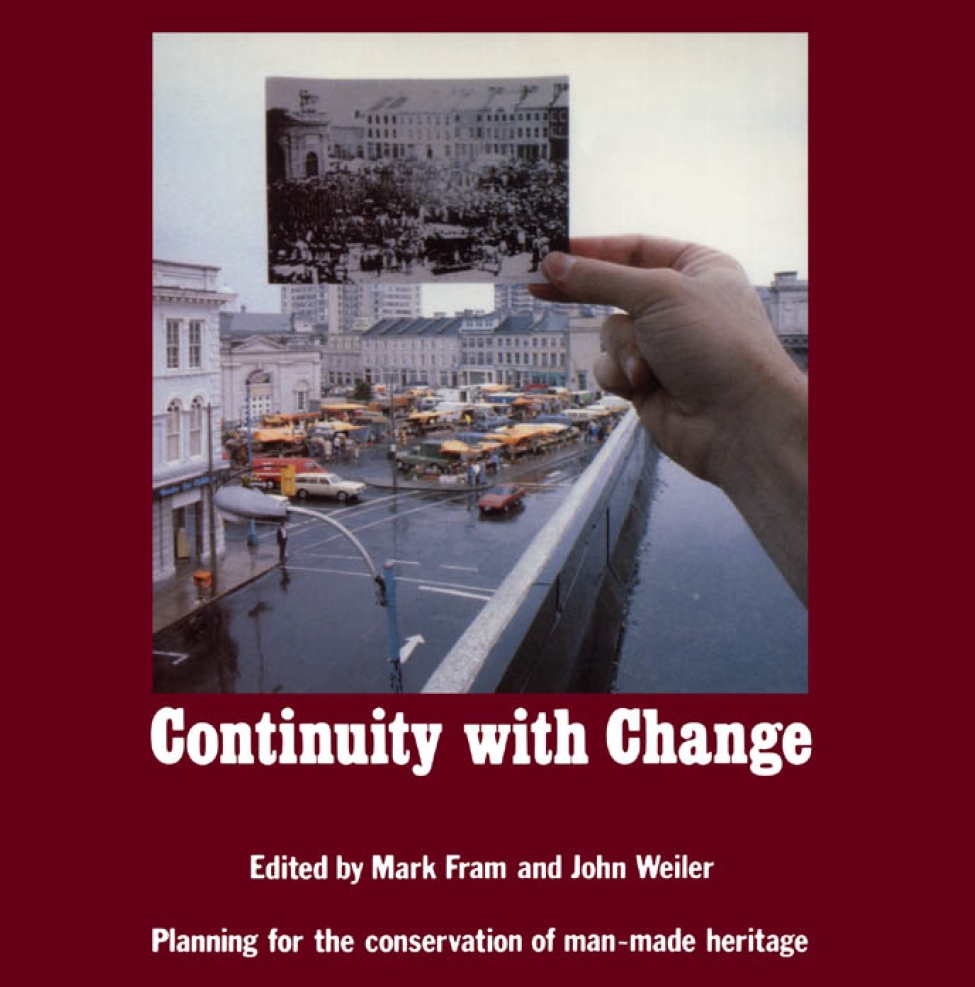
Continuity With Change Seeks to document and demonstrate that middle positions between Change and Continuity are possible and desirable. TECHNOLOGY & ENGINEERING,Reference
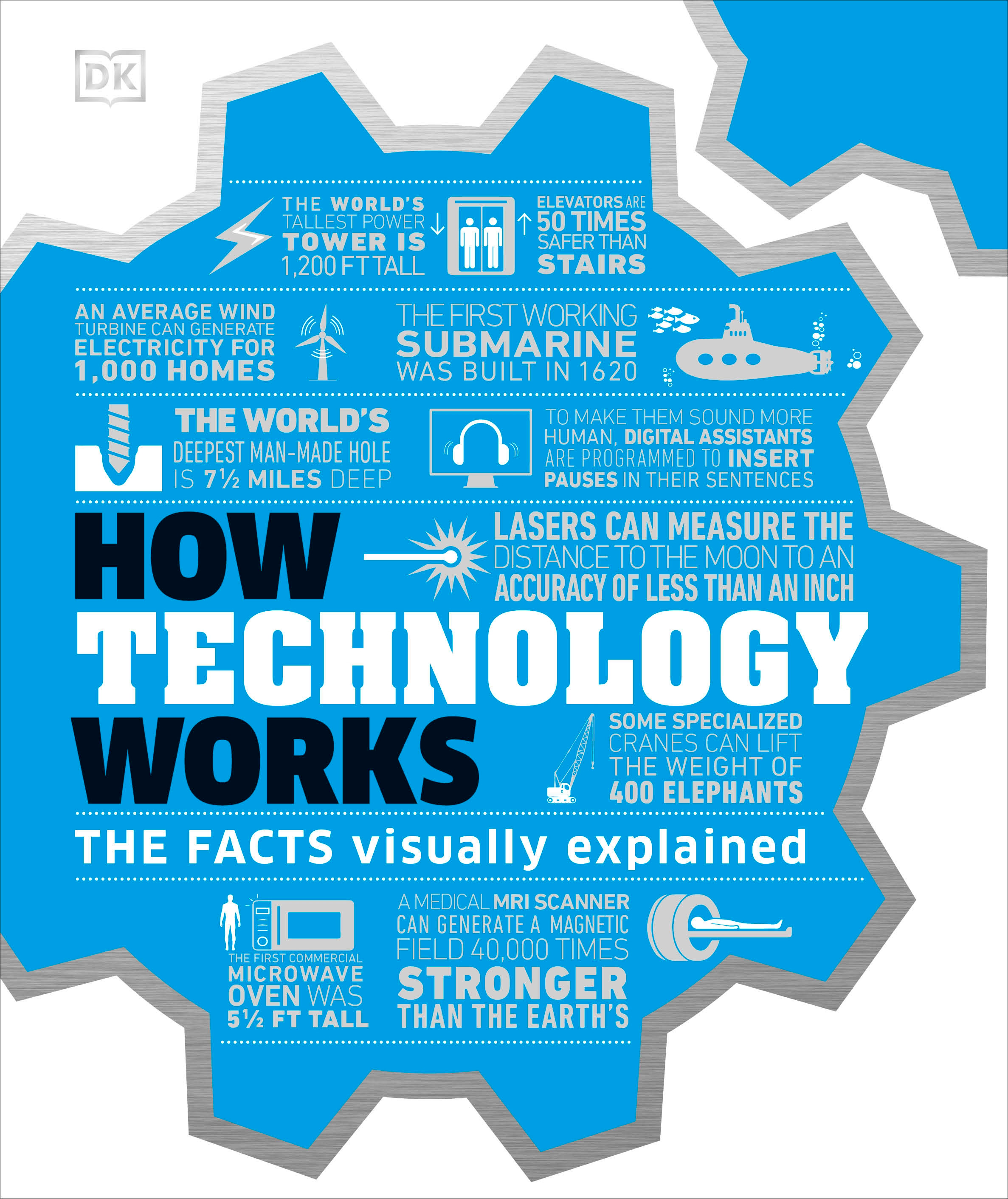
How Technology Works Have you ever asked yourself how the inventions, gadgets, and devices that surround us actually work? Discover the hidden workings of everyday technology with this graphic guide. How Technology Works demystifies the machinery that keeps the modern world going, from simple objects such as zippers and can openers to the latest, most sophisticated devices of the information age, including smart watches, personal digital assistants, and driverless cars. It includes inventions that have changed the course of history, like the internal combustion engine, as well as technologies that might hold the key to our future survival, including solar cells and new kinds of farming to feed a growing population. Throughout the book, step-by-step explanations are supported by simple and original graphics that take devices apart and show you how they work. The opening chapter explains principles that underpin lots of devices, from basic mechanics to electricity to digital technology. From there, devices are grouped by application--such as the home, transportation, and computing--making them easy to find and placing similar devices side by side. How Technology Works is perfect for anyone who didn't have training in STEM subjects at school or is simply curious about how the modern world works. TECHNOLOGY & ENGINEERING,Reference

Autodesk Revit 2020 Architecture This is the most comprehensivebook you will find on Autodesk Revit 2020 Architecture. Covering all ofthe 2D concepts, it uses both metric andimperial units to illustrate the myriad drawing and editing tools for thispopular application. Use the companion files to set up drawing exercises andprojects and see all of the book’s figures in color. Revit Architecture 2020 includes over 50 exercises or “mini-workshops,â€that complete small projects from concept through actual plotting. Solving allof the workshops will simulate the creation of three projects (architecturaland mechanical) from beginning to end, without overlooking any of the basiccommands and functions in Autodesk Revit Architecture 2020. Features: Covers Autodesk Revit 2020 updates and new features Designed for novice users of Revit 2020 Architecture. Most useful for “teach yourself†or instructor-led Revit training. No previous CAD experience is required Uses both English and metric units in examples, exercises, projects, and descriptions Accompanied by companion files that feature drawings, practice and finished plots, figures, etc. Includes over 50 “mini-workshops†and hundreds of figures that complete small projects Helps you to prepare for the Revit Architecture Certified Professional exam Exercises and projects included for use as a textbook On the Companion Files: (Files also available for downloadingfrom the publisher by emailing proof of purchase to info@merclearning.com) --PracticeDrawing Exercises and Projects (Metric & English) --FinishedPlots for Drawing Exercises and Projects --All Images from the Text TECHNOLOGY & ENGINEERING,Reference
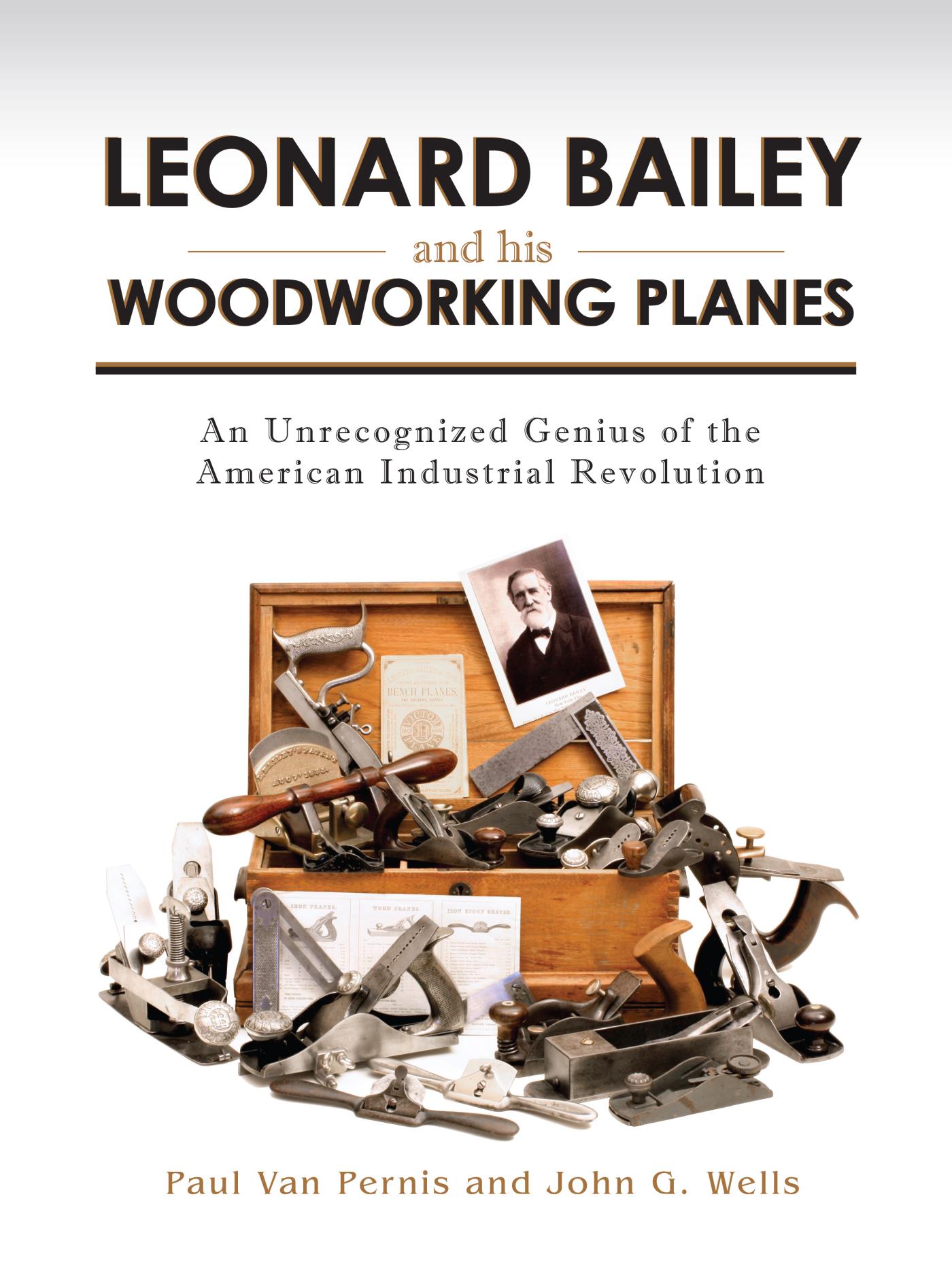
Leonard Bailey and his Woodworking Planes New Englander Leonard Bailey was one of the inventive geniuses of the American Industrial Revolution. His designs and patented inventions solved problems with woodworking planes that had plagued craftsmen for centuries. His planes allowed woodworkers to transition from the age of wooden carpenter’s planes to modern, metallic, fully adjustable planes suitable for any kind of woodworking. His plane designs are still in use throughout the world and are essentially unchanged from the planes he first made in the 1860’s. He deserves more credit than he has received among America’s great inventors. This book covers the thirty-two-year period in Leonard Bailey’s life between 1852 when he began inventing, making and selling woodworking tools in Winchester, Massachusetts, through his years at the Stanley Rule & Level Company from 1869–1874, and ends in 1884 when he worked in Hartford, Connecticut, and sold his Victor Tool business to the Stanley Rule & Level Company. TECHNOLOGY & ENGINEERING,Reference
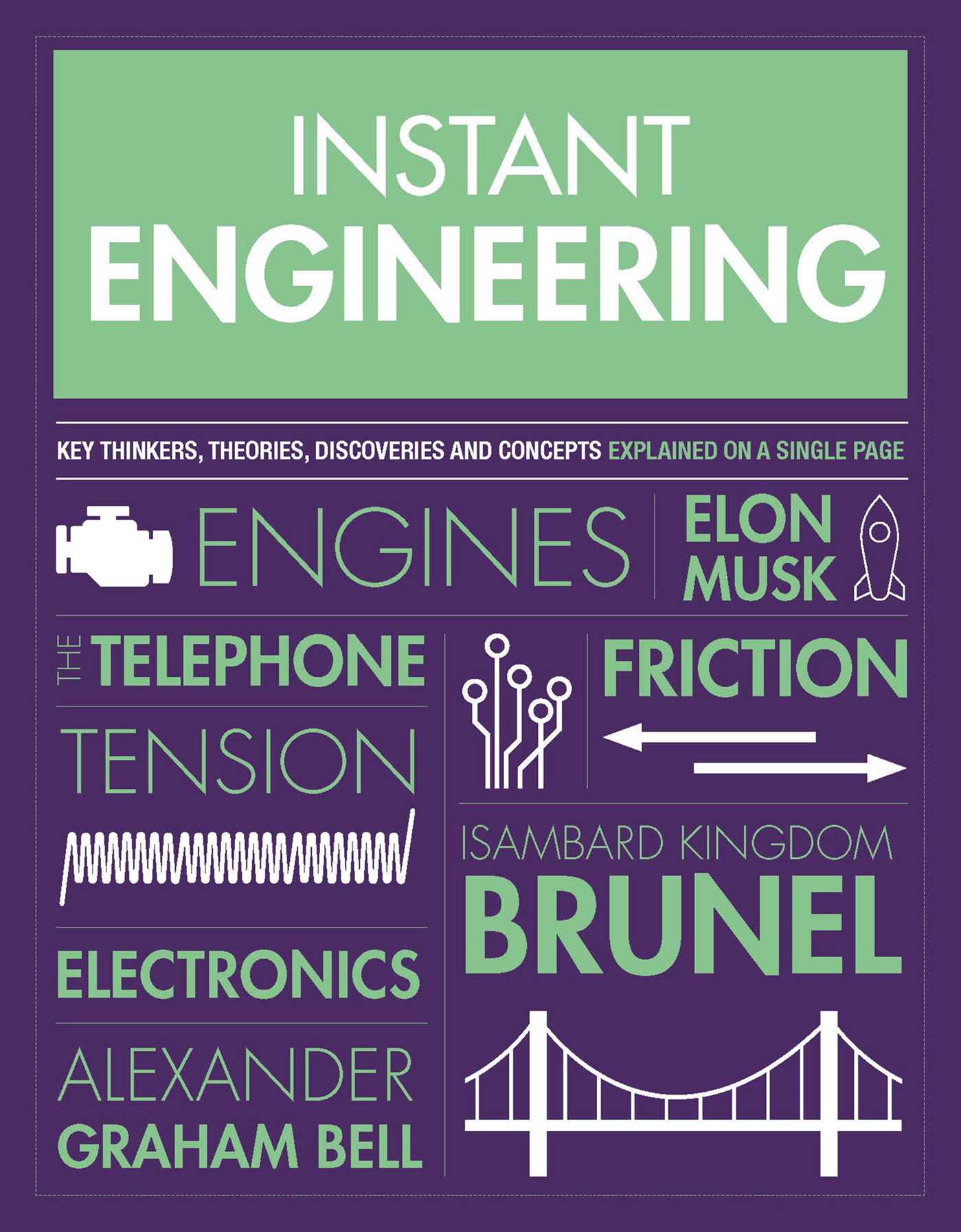
Instant Engineering Key thinkers, theories, discoveries, and inventions explained on a single page! Instant Engineering pulls together all the pivotal engineering theories and discoveries into one concise volume. Each page contains a distinct “cheat sheet,†which tells you the most important facts in bite-size chunks, so you can feel like an expert in minutes! From Archimedes to Elon Musk, from pumps and pulleys to the steam engine, and from the canal boat to the space rocket—every key figure, theory, or term is expressed in succinct and lively text and graphics. Perfect for the knowledge-hungry and time-poor, this collection of graphics-led lessons makes engineering interesting and accessible. Everything you need to know—and more!—packed into one convenient volume. TECHNOLOGY & ENGINEERING,Reference
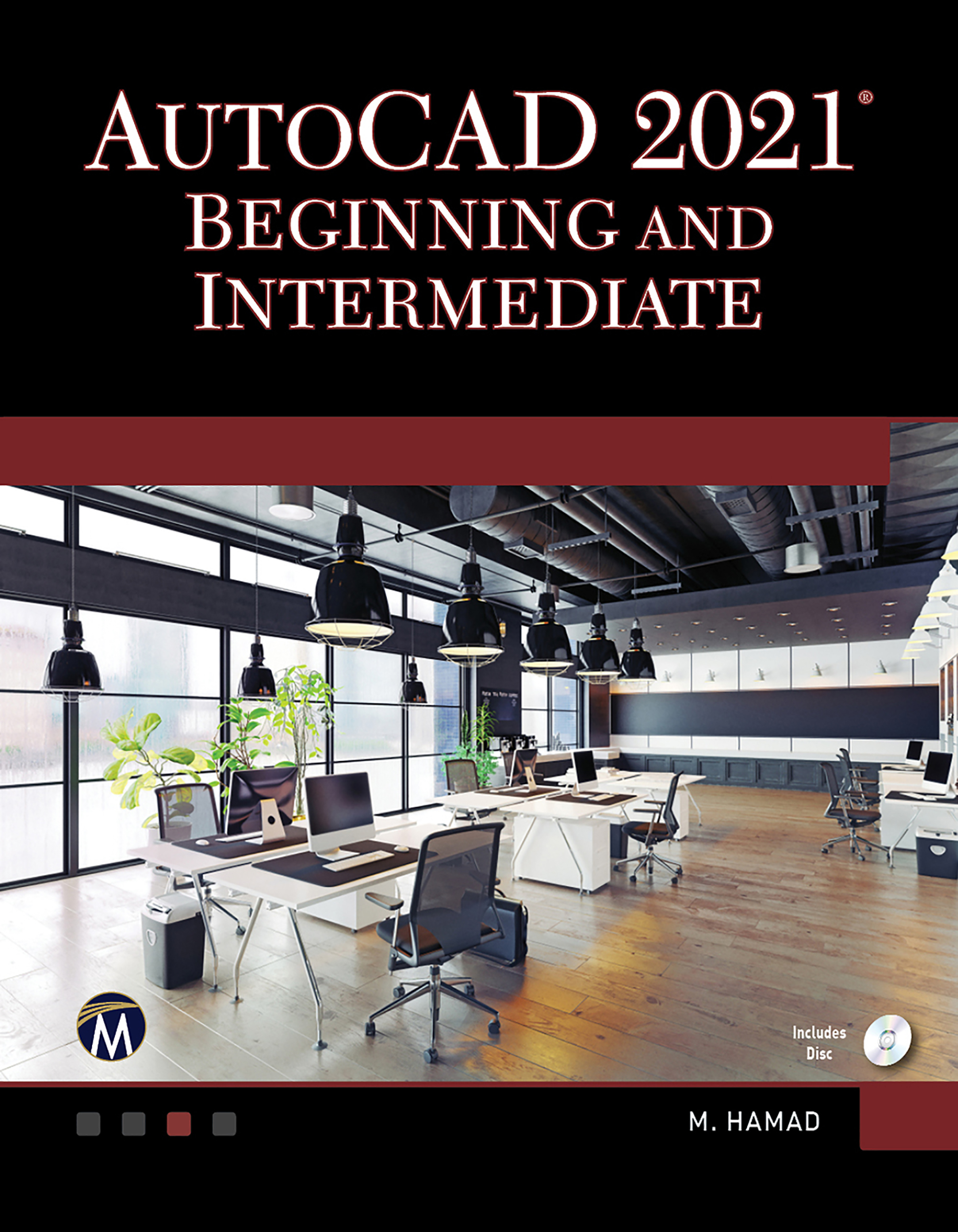
AutoCAD 2021 Beginning and Intermediate This book is the most comprehensive book you will find on AutoCAD 2021 – 2DDrafting. Covering all of the 2D concepts, it uses both metric and imperial units to illustrate the myriad drawing and editingtools for this popular application. Use the companion disc to set up drawingexercises and projects and see all of the book’s figures in color. AutoCAD2021 Beginning and Intermediate includes over 100 exercises or“mini-workshops,†that complete small projects from concept through actualplotting. Solving all of the workshops will simulate the creation of threeprojects (architectural and mechanical) from beginning to end, withoutoverlooking any of the basic commands and functions in AutoCAD 2021. FEATURES: Covers only the basics and uses both metric and imperial units to illustrate the myriad tools for this popular application CD can be used to set up in-text drawing exercises and projects and to see the book’s figures in color Helps you to prepare for the AutoCAD Certified Professional exam TECHNOLOGY & ENGINEERING,Reference
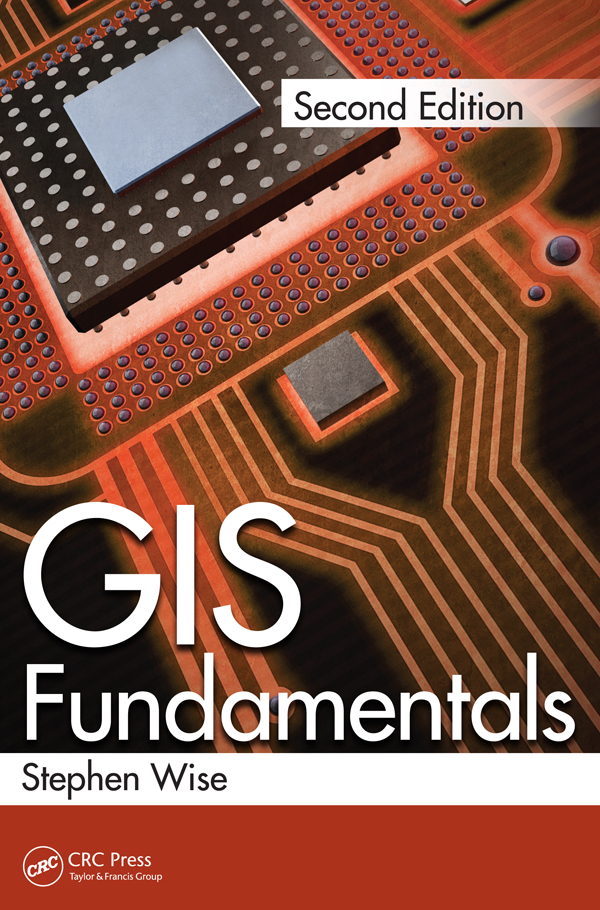
GIS Fundamentals With GIS technology increasingly available to a wider audience on devices from apps on smartphones to satnavs in cars, many people routinely use spatial data in a way which used to be the preserve of GIS specialists. However spatial data is stored and analyzed on a computer still tends to be described in academic texts and articles which require specialist knowledge or some training in computer science. Developed to introduce computer science literature to geography students, GIS Fundamentals, Second Edition provides an accessible examination of the underlying principles for anyone with no formal training in computer science. See What’s New in the Second Edition: Coverage of the use of spatial data on the Internet Chapters on databases and on searching large databases for spatial queries Improved coverage on route-finding Improved coverage of heuristic approaches to solving real-world spatial problems International standards for spatial data The book begins with a brief but detailed introduction to how computers work and how they are programmed, giving anyone with no previous computer science background a foundation to understand the remainder of the book. As with all parts of the book there are also suggestions for further sources of reading. The book then describes the ways in which vector and raster data can be stored and how algorithms are designed to perform fundamental operations such as detecting where lines intersect. From these simple beginnings the book moves into the more complex structures used for handling surfaces and networks and contains a detailed account of what it takes to determine the shortest route between two places on a network. The final sections of the book review problems, such as the "Travelling Salesman" problem, which are so complex that it is not known whether an optimum solution exists. Using clear, concise language, but without sacrificing technical rigour, the book gives readers an understanding of what it takes to produce systems which allow them to find out where to make their next purchase and how to drive to the right place to collect it. TECHNOLOGY & ENGINEERING,Remote Sensing & Geographic Information Systems
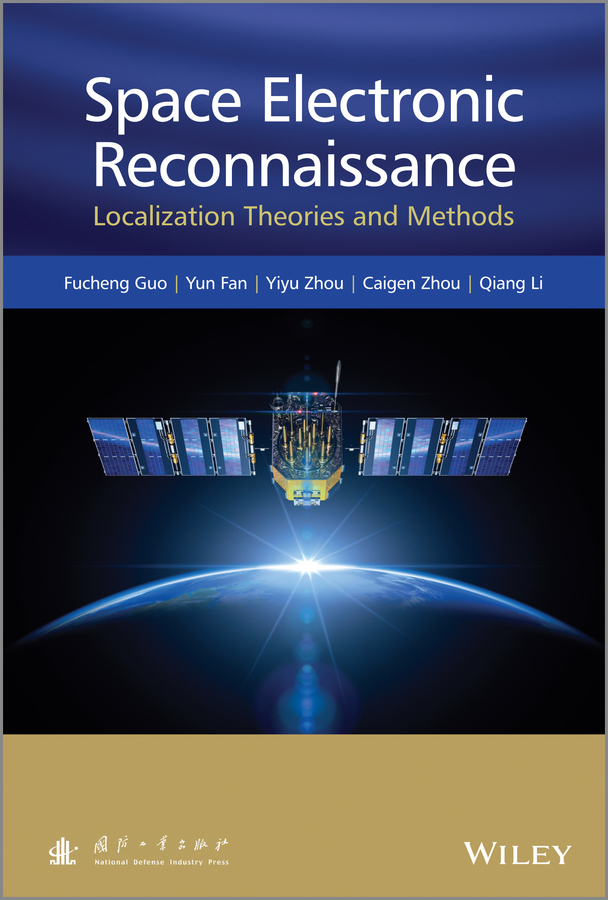
Space Electronic Reconnaissance Presents the theories and applications of determining the position of an object in space through the use of satellites As the importance of space reconnaissance technology intensifies, more and more countries are investing money in building their own space reconnaissance satellites. Due to the secrecy and sensitivity of the operations, it is hard to find published papers and journals on the topic outside of military and governmental agencies. This book aims to fill the gap by presenting the various applications and basic principles of a very modern technology. The space electronic reconnaissance system in mono/multi-satellite platforms is a critical feature which can be used for detection, localization, tracking or identification of the various kinds of signal sources from radar, communication or navigation systems. Localization technology in space electronic reconnaissance uses single or multiple satellite receivers which receive signals from radar, communication and navigation emitters in the ground, ocean and space to specify the location of emitter. The methods, principles and technologies of different space electronic reconnaissance localization systems are introduced in this book, as are their performances, and the various methods are explained and analysed. Digital simulations illustrate the results. Presents the theories and applications of determining the position of an object in space through the use of satellites Introduces methods, principles and technologies of localization and tracking in the space electronic reconnaissance system, the localization algorithm and error in satellite system and near space platform system, and the tracking algorithm and error in single satellite-to-satellite tracking system Provides the fundamentals, the mathematics, the limitations, the measurements, and systems, of localization with emphasis on defence industry applications Highly relevant for Engineers working in avionics, radar, communication, navigation and electronic warfare. Chapters include:- the introduction of space electronic reconnaissance localization technology, knowledge about the satellite orbit and basic terminology of passive localization, single satellite geolocation technology based on direction finding, three-satellite geolocation technology based on time difference of arrival (TDOA), two-satellite geolocation technology based on TDOA and frequency difference of arrival (FDOA), the single satellite localization technology based on kinematics theory, localization principles of near-space platform electronic reconnaissance systems, the orbit determination of single satellite-to-satellite tracking using bearings only(BO) information, the orbit determination of single satellite-to-satellite tracking using bearings and frequency information, the orbit determination of single satellite-to-satellite tracking using frequency only(FO) information. Each chapter ends with a problem and solution section, some using Matlab code. TECHNOLOGY & ENGINEERING,Remote Sensing & Geographic Information Systems
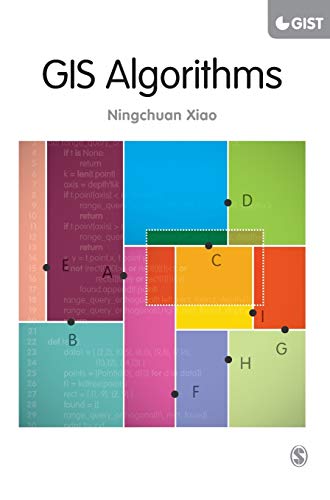
GIS Algorithms The critical algorithms used in GIS are notoriously difficult to both teach and understand. This book address the problem by combining rigorous formal language with example case studies and student exercises. TECHNOLOGY & ENGINEERING,Remote Sensing & Geographic Information Systems
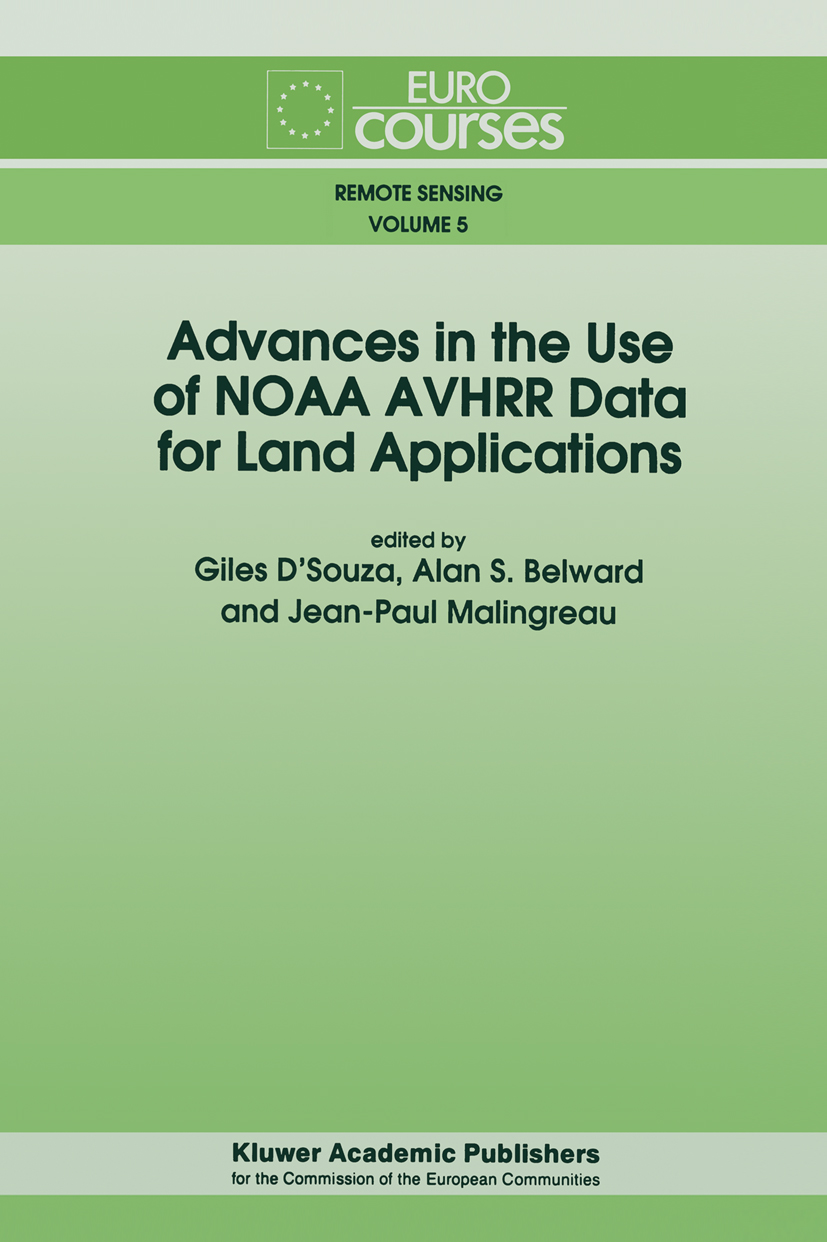
Advances in the Use of NOAA AVHRR Data for Land Applications Based on the lectures given during the Eurocourse on `Advances in the Use of AVHRR Data for Land Applications' held at the Joint Research Centre, Ispra, Italy, December 6-12, 1993 TECHNOLOGY & ENGINEERING,Remote Sensing & Geographic Information Systems
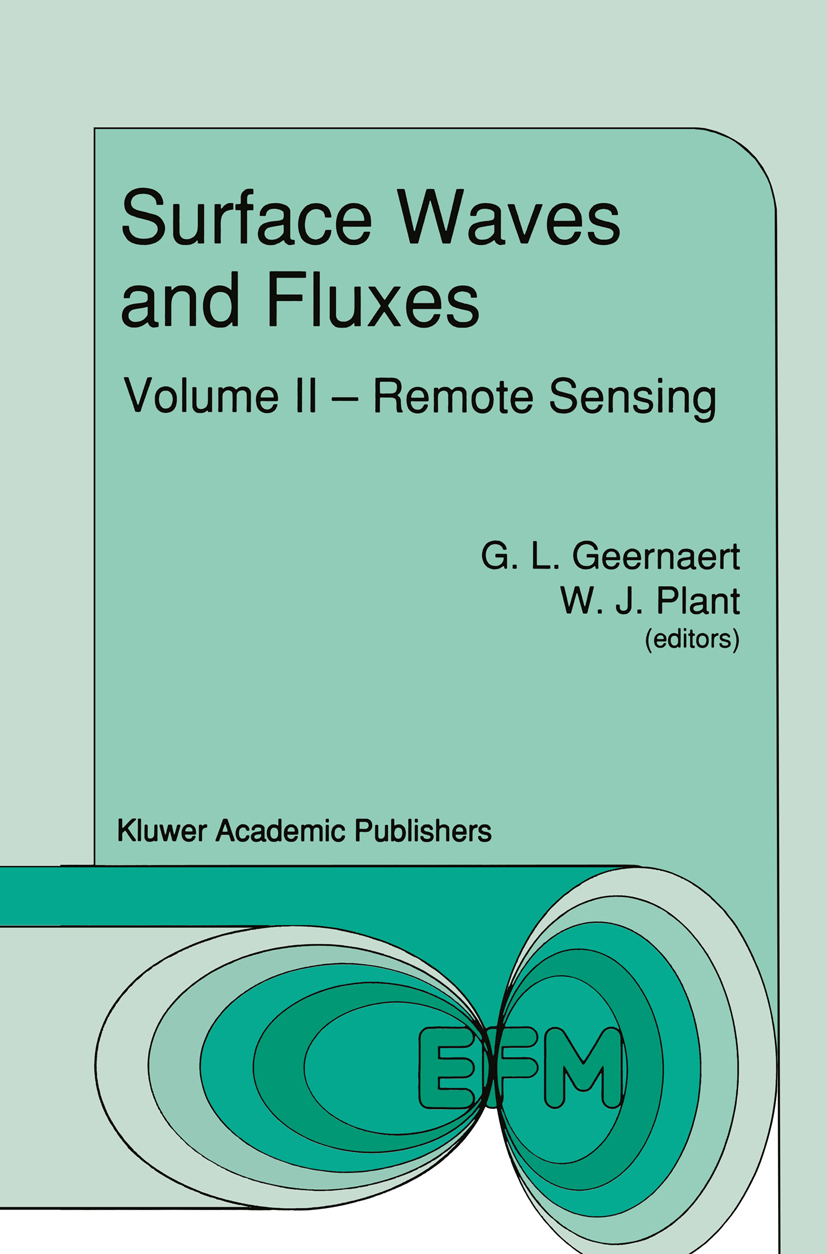
Surface Waves and Fluxes During the Conference on Air-Sea Interaction in January 1986, it was suggested to me by David Larner of Reidel Press that it may be timely for an updated compendium of air-sea interaction theory to be organized, developed, and published. Many new results were emerging at the time, i.e., results from the MARSEN, MAS EX, MILDEX, and TOWARD field projects (among others) were in the process of being reported and/or published. Further, a series of new experiments such as FASINEX and HEXOS were soon to be conducted in which new strides in our knowledge of air-sea fluxes would be made. During the year following the discussions with David Larner, it became apparent that many of the advances in air-sea interaction theory during the 1970s and 1980s were associated with sponsor investments in satellite oceanography and, in particular, remote sensing research. Since ocean surface remote sensing, e.g., scatterometry and SAR, requires intimate knowledge of ocean surface dynamics, advances in remote sensing capabilities required coordinated research in air-sea fluxes, wave state, scattering theory, sensor design, and data exploitation using environmental models. Based on this interplay of disciplines, it was decided that this book be devoted to air sea interaction and remote sensing as multi-disciplinary activities. TECHNOLOGY & ENGINEERING,Remote Sensing & Geographic Information Systems

Surface Waves and Fluxes During the Conference on Air-Sea Interaction in January 1986, it was suggested to me by David Larner of Reidel Press that it may be timely for an updated compendium of air-sea interaction theory to be organized, developed, and published. Many new results were emerging at the time, i.e., results from the MARSEN, MASEX, MILDEX, and TOWARD field projects (among others) were in the process of being reported and/or published. Further, a series of new experiments such as FASINEX and HEXOS were soon to be conducted in which new strides in our knowledge of air-sea fluxes would be made. During the year following the discussions with David Larner, it became apparent that many of the advances in air-sea interaction theory during the 1970s and 1980s were associated with sponsor investments in satellite oceanography and, in particular, remote sensing research. Since ocean surface remote sensing, e.g., scatterometry and SAR, requires intimate knowledge of ocean surface dynamics, advances in remote sensing capabilities required coordinated research in air-sea fluxes, wave state, scattering theory, sensor design, and data exploitation using environmental models. Based on this interplay of disciplines, it was decided that this book be devoted to air sea interaction and remote sensing as multi-disciplinary activities. TECHNOLOGY & ENGINEERING,Remote Sensing & Geographic Information Systems
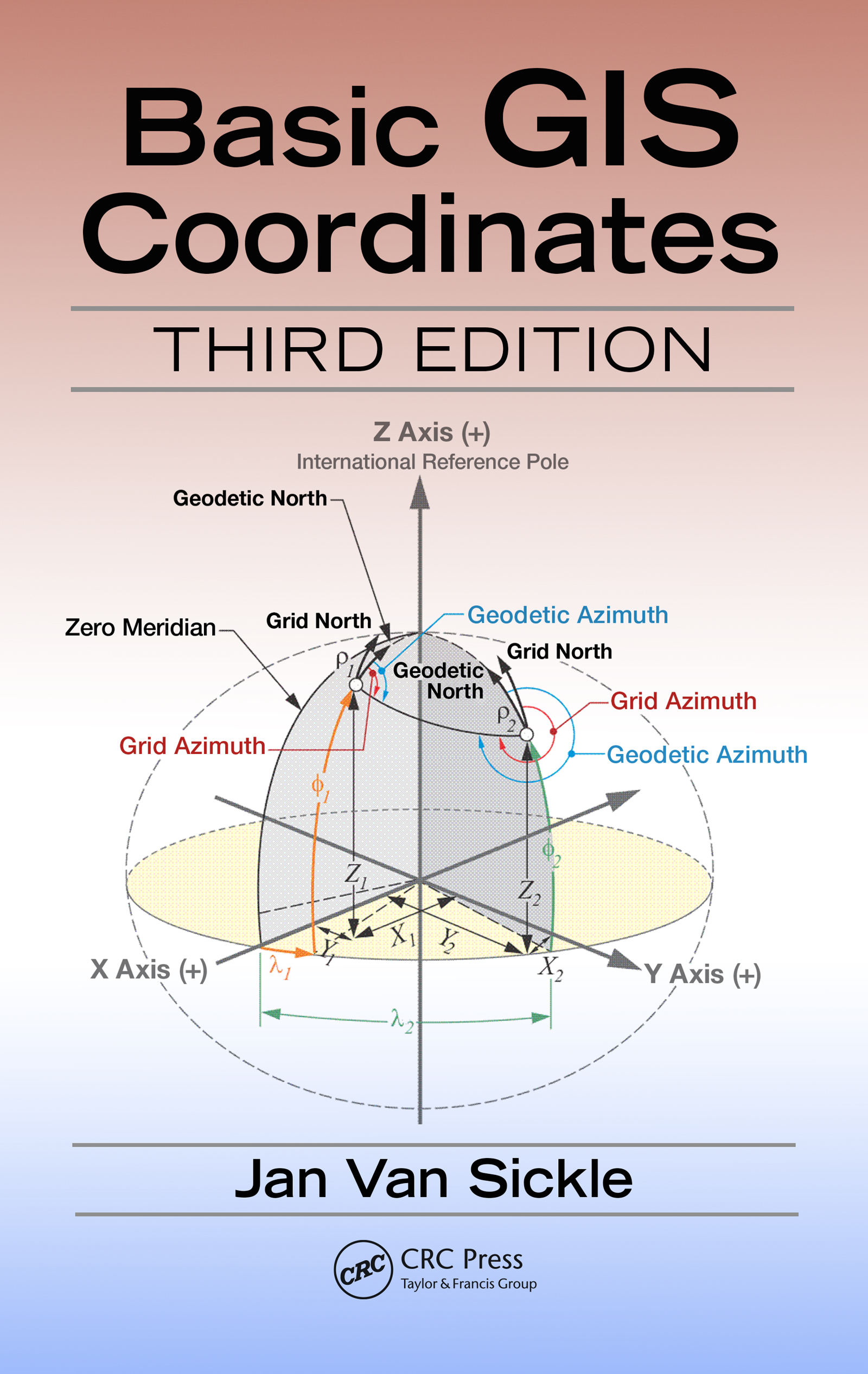
Basic GIS Coordinates Coordinates are integral building tools for GIS, cartography, surveying and are vital to the many applications we use today such as smart phones, car navigation systems and driverless cars. Basic GIS Coordinates, Third Edition grants readers with a solid understanding of coordinates and coordinate systems and how they operate as well as valuable insight into what causes them to malfunction. This practical and comprehensive guide lays out the foundation of a coordinate system and the implications behind building it as it elaborates on heights, two coordinate systems, and the rectangular system.The previous editions described horizontal and vertical datums such as the North American Datum 1983 (NAD 83) and the North American Vertical Datum 1988 (NAVD 88). Both will be replaced in 2022 or thereabouts. The National Geodetic Survey (NGS) plans to replace NAD83 with a new semi-dynamic terrestrial reference frame for North America and a new vertical datum will replace NAVD88. The foundation of the new vertical datum will be a temporally tracked gravimetric geoid. The interim period is intended to smooth the transition to the new paradigm and this new edition explores the changes and provides assistance in understanding them. TECHNOLOGY & ENGINEERING,Remote Sensing & Geographic Information Systems
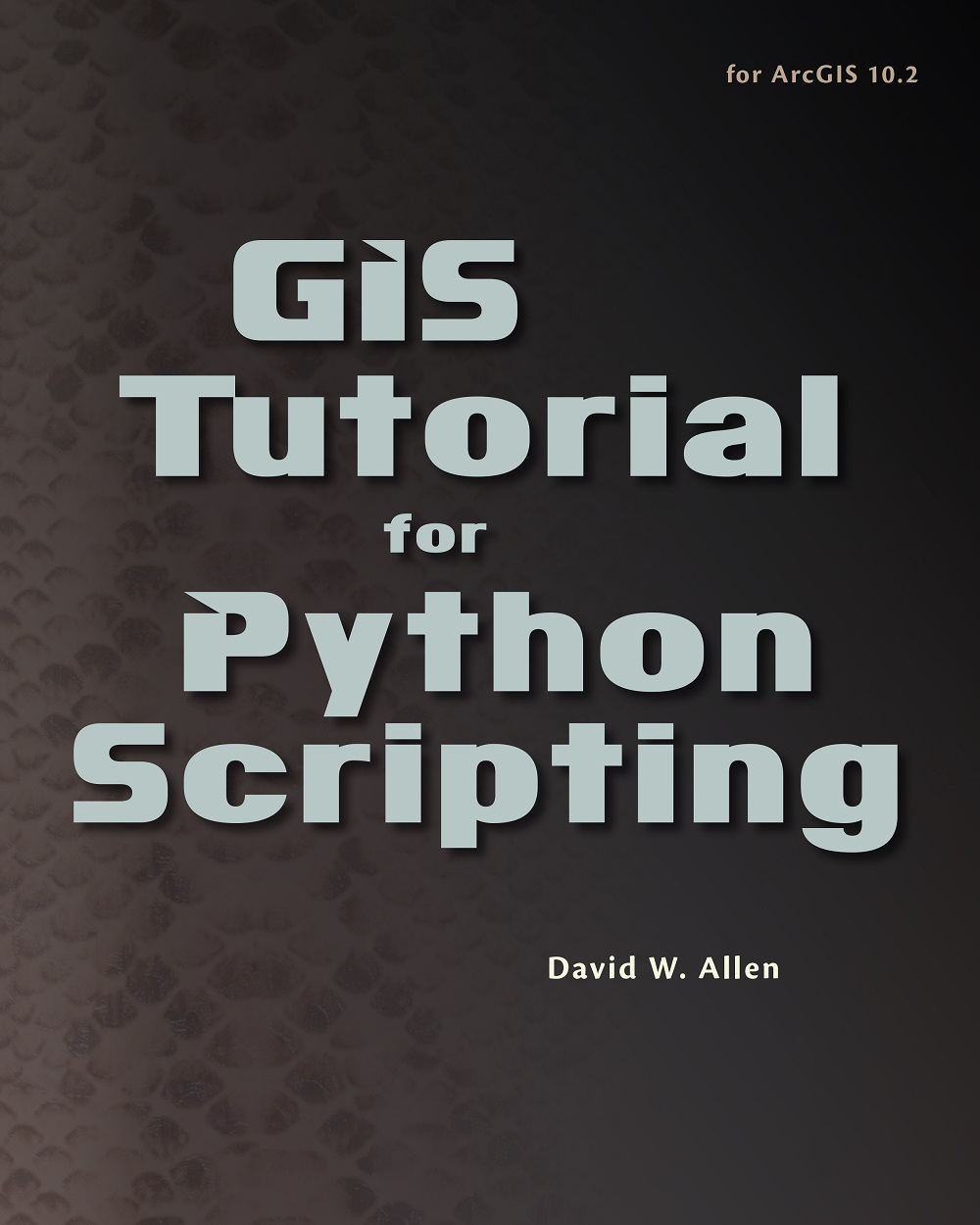
GIS Tutorial for Python Scripting Workbook for learning how to use Python with ArcGIS for Desktop. TECHNOLOGY & ENGINEERING,Remote Sensing & Geographic Information Systems
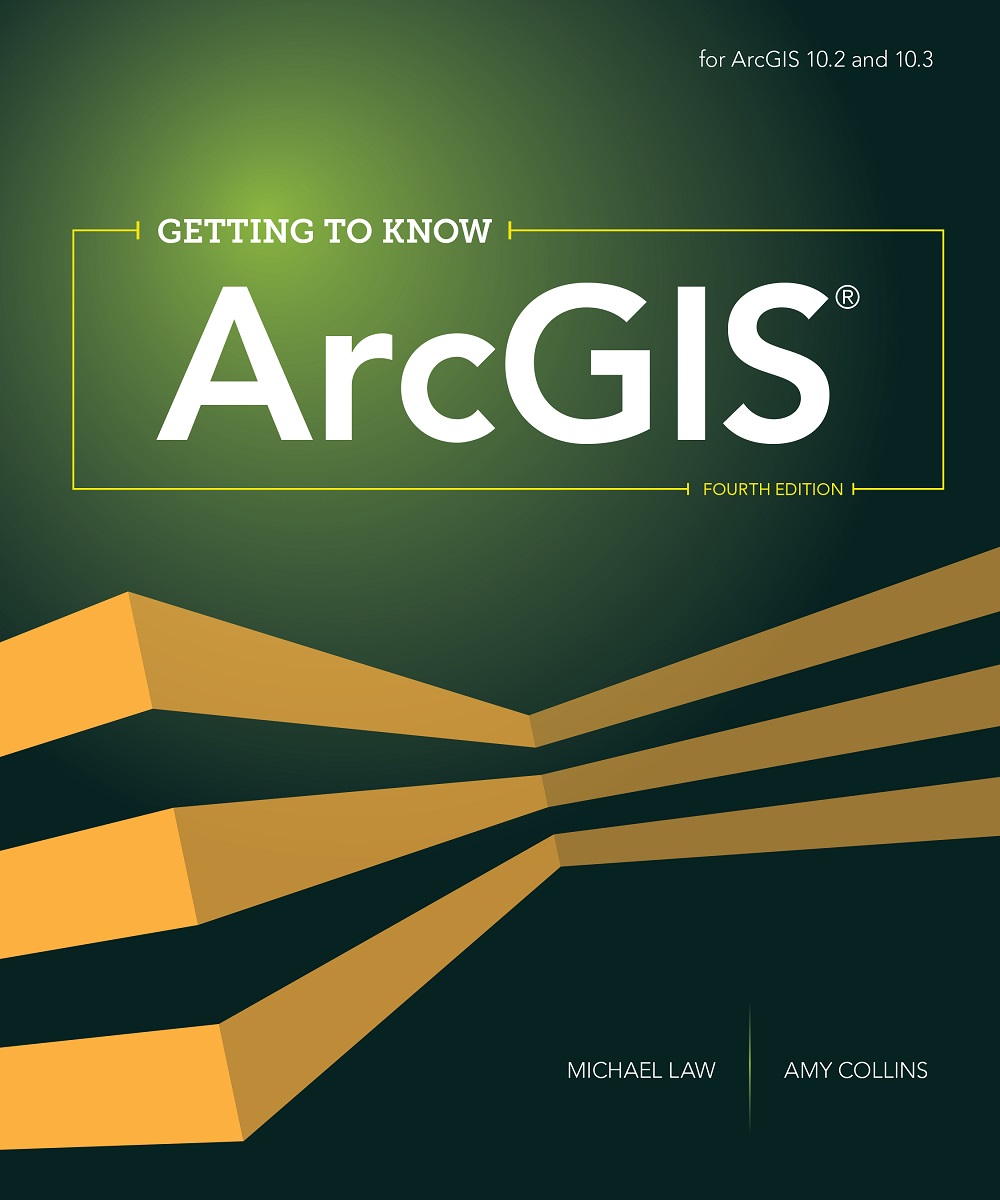
Getting to Know ArcGIS Getting to Know ArcGIS® for Desktop is a workbook that introduces the principles of GIS via hands-on exercises. Readers are shown how to use ArcGIS for Desktop software tools to display and present maps and data, and then query and analyze the data. The third edition has been reorganized and includes new topics such as exploring online resources and raster data and contains new exercises, data, and learning tools. TECHNOLOGY & ENGINEERING,Remote Sensing & Geographic Information Systems
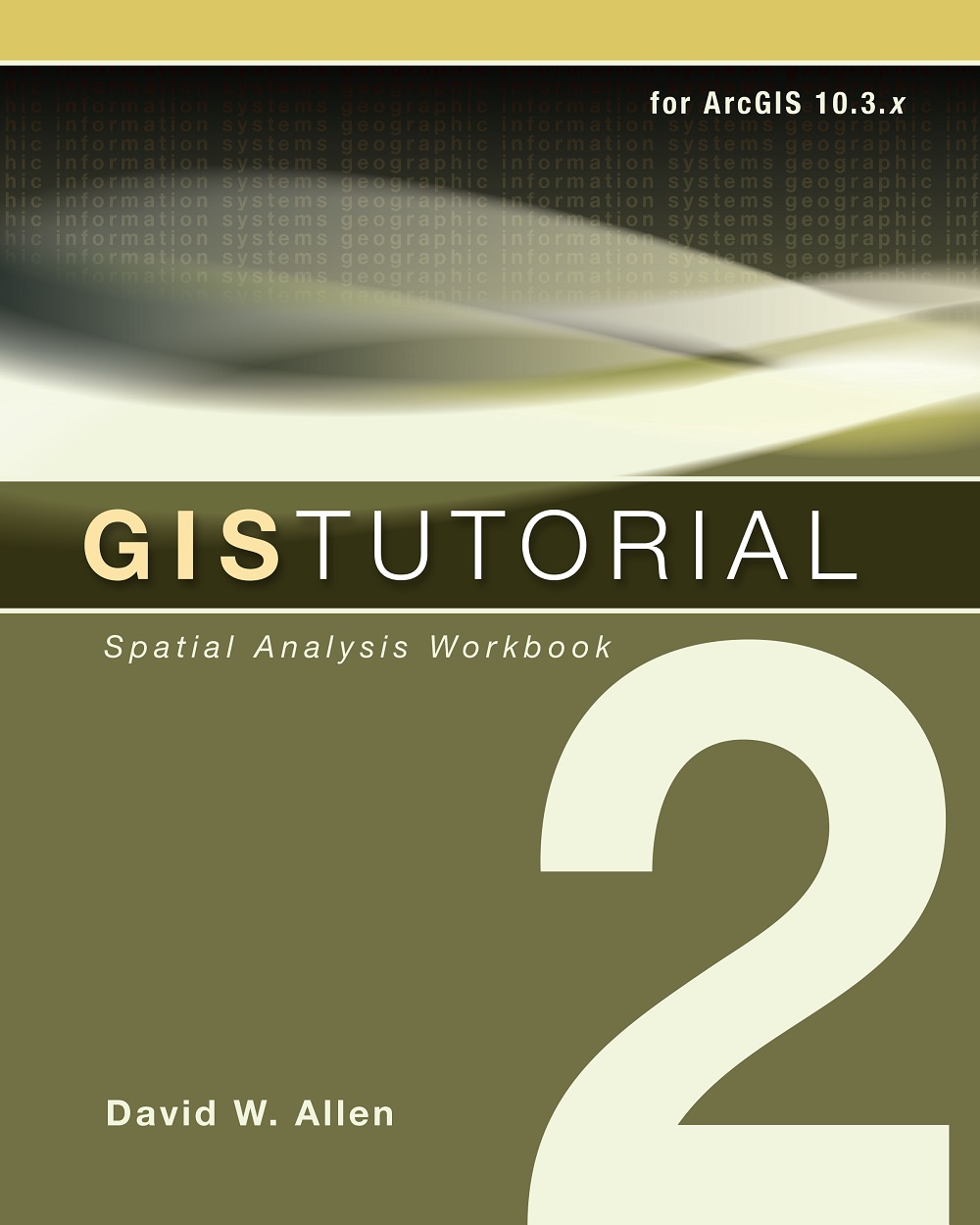
GIS Tutorial 2 Updated second volume in the popular and informative GIS Tutorial workbook series. TECHNOLOGY & ENGINEERING,Remote Sensing & Geographic Information Systems
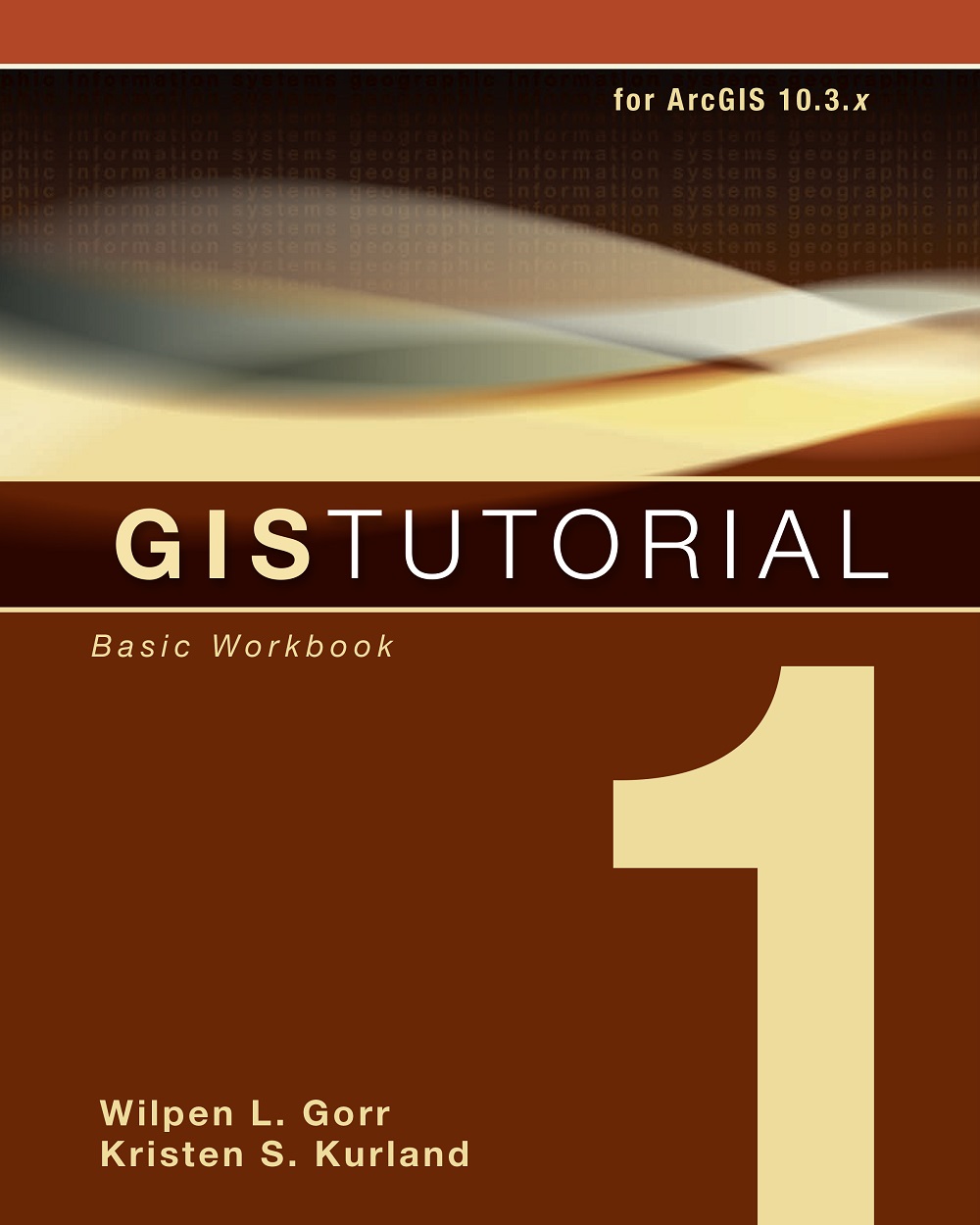
GIS Tutorial 1 This book published in 2016 for an earlier version of ArcGIS Desktop; updated version coming in Summer 2020 GIS Tutorial 1: Basic Workbook is a top-selling introductory text for learning ArcGIS 10.3.x for Desktop. The workbook presents GIS tools and functionality, including querying interactive maps, collecting data, and running geoprocessing tools. Incorporating proven teaching methods in detailed exercises, "Your Turn" sections, and homework assignments, this book is suited to learning GIS in a classroom. The latest edition includes a new chapter about analyzing street network data to solve routing and facility location problems using ArcGIS Network Analyst. Data for completing the exercises is available for download. Instructor resources are also available. This book published in 2016 for an earlier version of ArcGIS Desktop. A new edition is anticipated in Summer 2020 for the latest version of ArcGIS Pro. Note: This e-book requires ArcGIS software. You can download the ArcGIS Trial at http://www.esri.com/arcgis/trial, contact your school or business Esri Site License Administrator, or purchase a student or individual license through the Esri Store. TECHNOLOGY & ENGINEERING,Remote Sensing & Geographic Information Systems
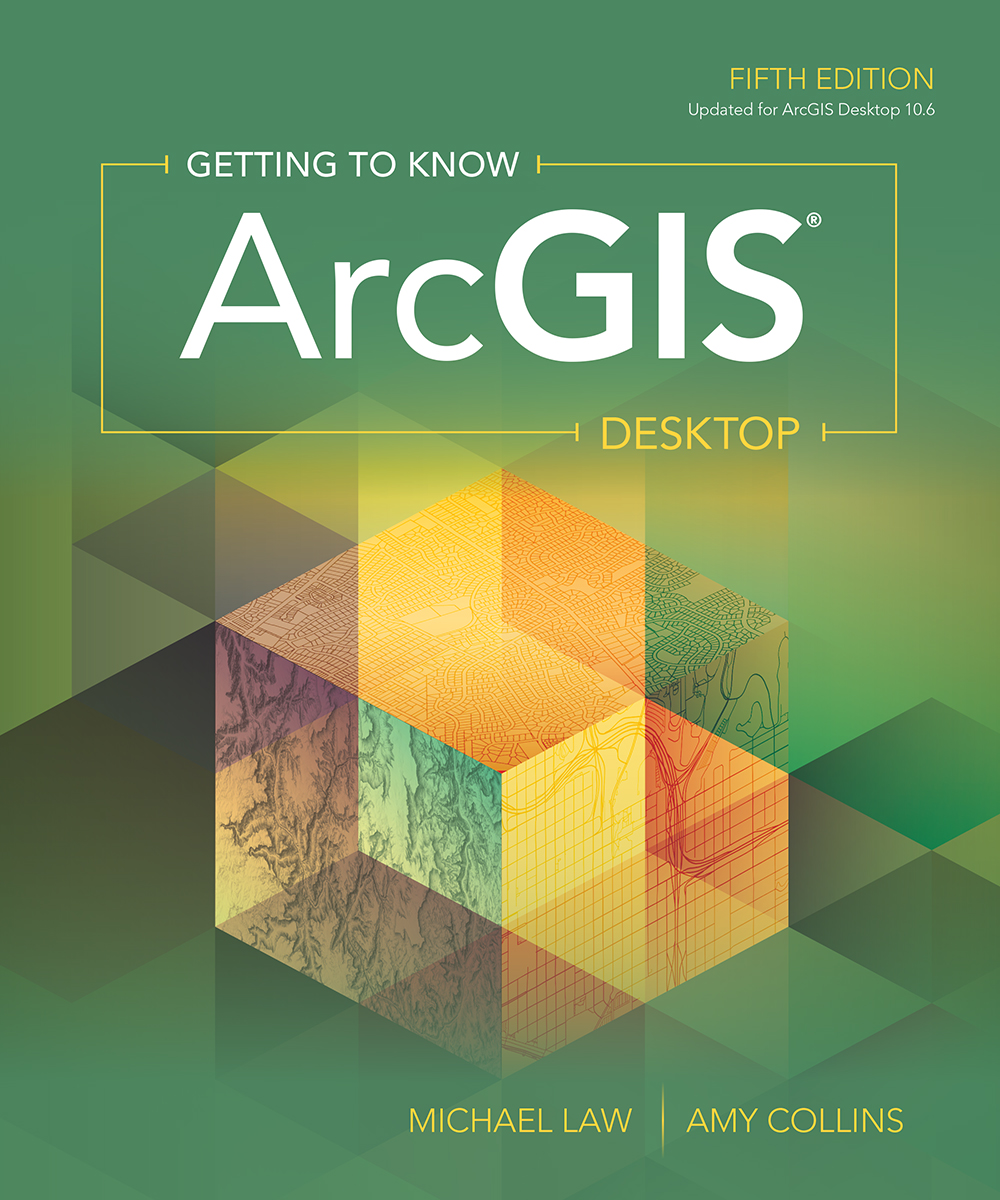
Getting to Know ArcGIS Desktop Getting to Know ArcGIS® for Desktop is a workbook that introduces the principles of GIS via hands-on exercises. Readers are shown how to use ArcGIS for Desktop software tools to display and present maps and data, and then query and analyze the data. The third edition has been reorganized and includes new topics such as exploring online resources and raster data and contains new exercises, data, and learning tools. TECHNOLOGY & ENGINEERING,Remote Sensing & Geographic Information Systems

Getting to Know ArcGIS Pro First workbook for ArcGIS Pro, the most recent addition to the ArcGIS for Desktop suite of applications. TECHNOLOGY & ENGINEERING,Remote Sensing & Geographic Information Systems
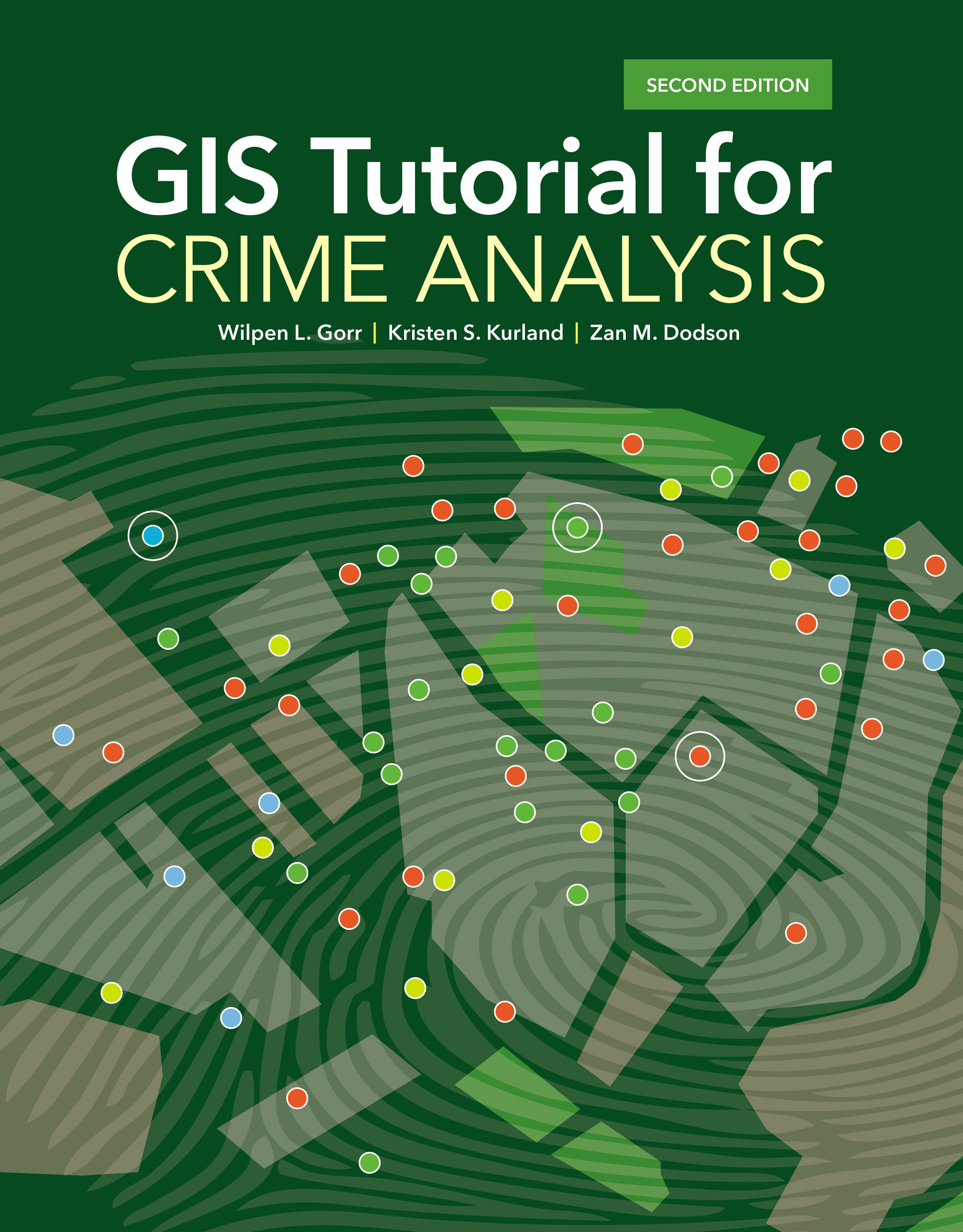
GIS Tutorial for Crime Analysis GIS Tutorial for Crime Analysis, second edition presents state-of-the-art crime mapping and analysis methods that can be incorporated into any police department’s current practices. TECHNOLOGY & ENGINEERING,Remote Sensing & Geographic Information Systems
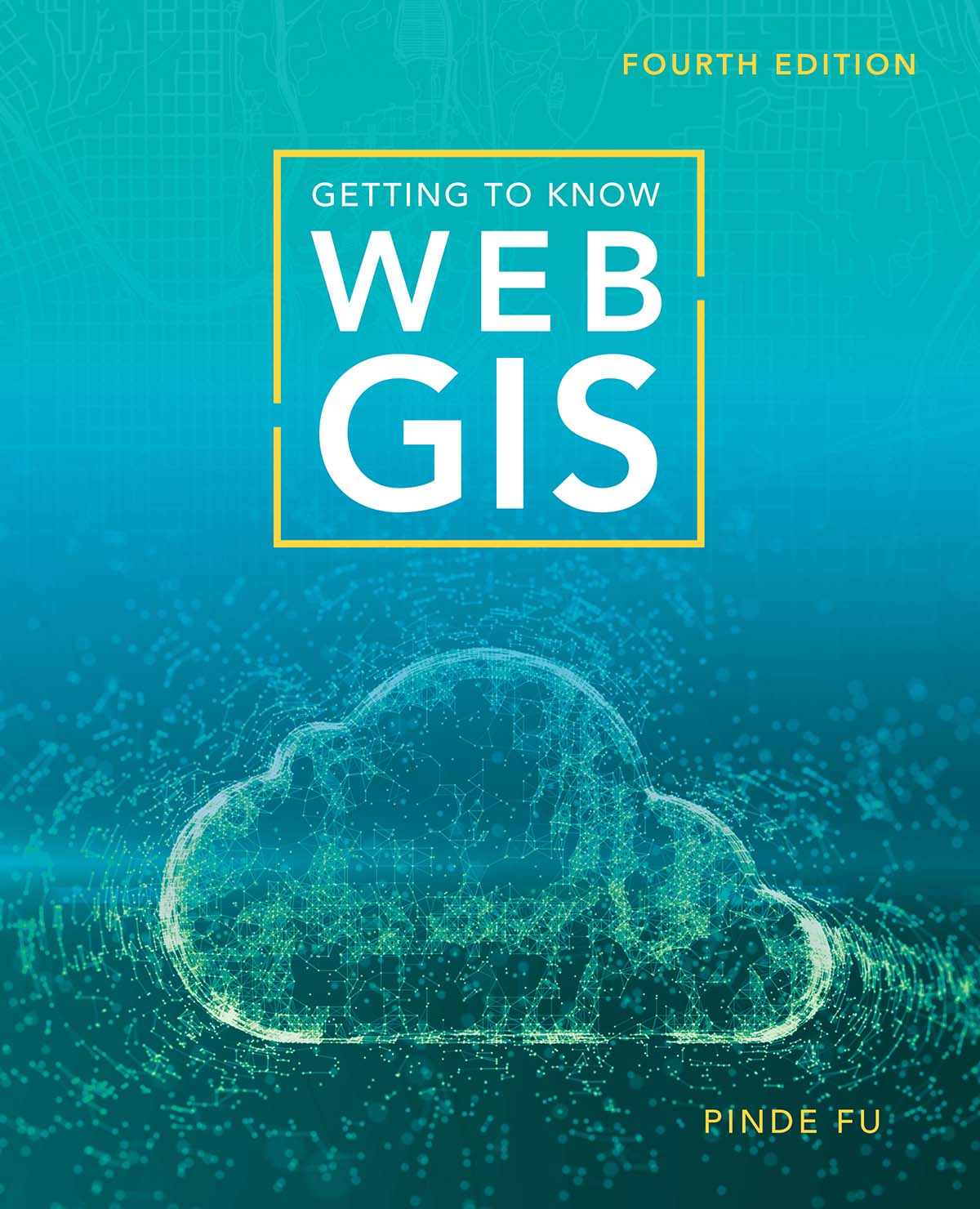
Getting to Know Web GIS Getting to Know Web GIS, third edition, pairs fundamental principles with step-by-step exercises to teach readers how to share resources online and build Web GIS apps easily and quickly. Start now building Web apps without a single line of programming, and then move on to developing more advanced skills using a variety of Web GIS technology. Instead of focusing on individual products, this book teaches Web GIS technologies as a holistic platform. In each chapter, readers complete an application project using multiple products from the browser/client side to the server side. This edition includes new chapters and sections on big data analysis, image services, raster analysis, virtual reality (VR), augmented reality (AR), Arcade, vector tiling, Survey123, ArcGIS API for Python, Internet of Things (IoT), artificial intelligence (AI), Operations Dashboard, and portal collaboration. A practical manual for classroom lab and on-the-job training, Getting to Know Web GIS includes downloadable teaching slides and exercise data. TECHNOLOGY & ENGINEERING,Remote Sensing & Geographic Information Systems
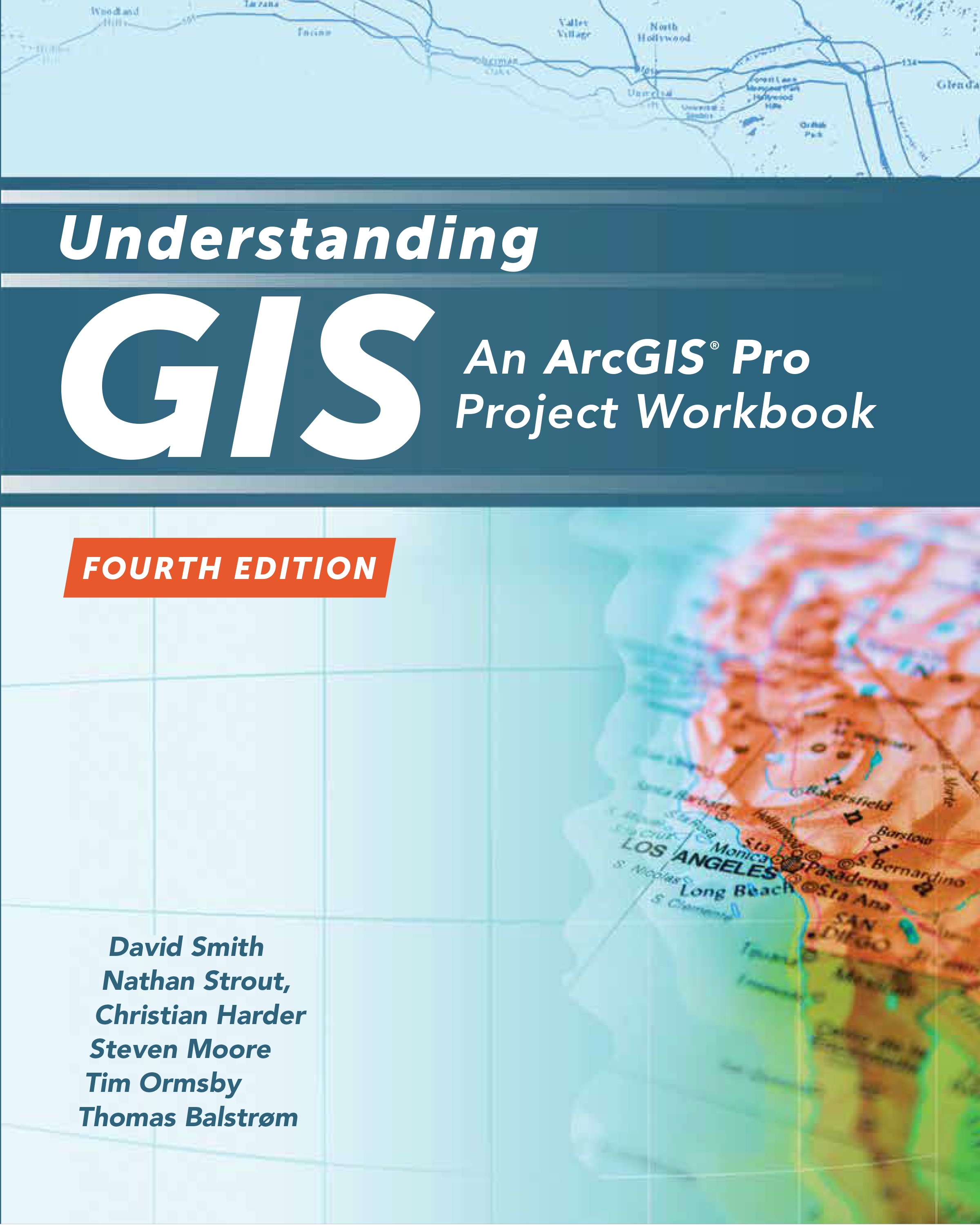
Understanding GIS In this fourth edition of Understanding GIS -- the only book teaching how to conceive, develop, finish, and present a GIS project -- all exercises have been updated to use Esri’s ArcGIS Pro software with revamped data. The book guides readers with explanations of project development concepts and exercises that foster critical thinking. TECHNOLOGY & ENGINEERING,Remote Sensing & Geographic Information Systems
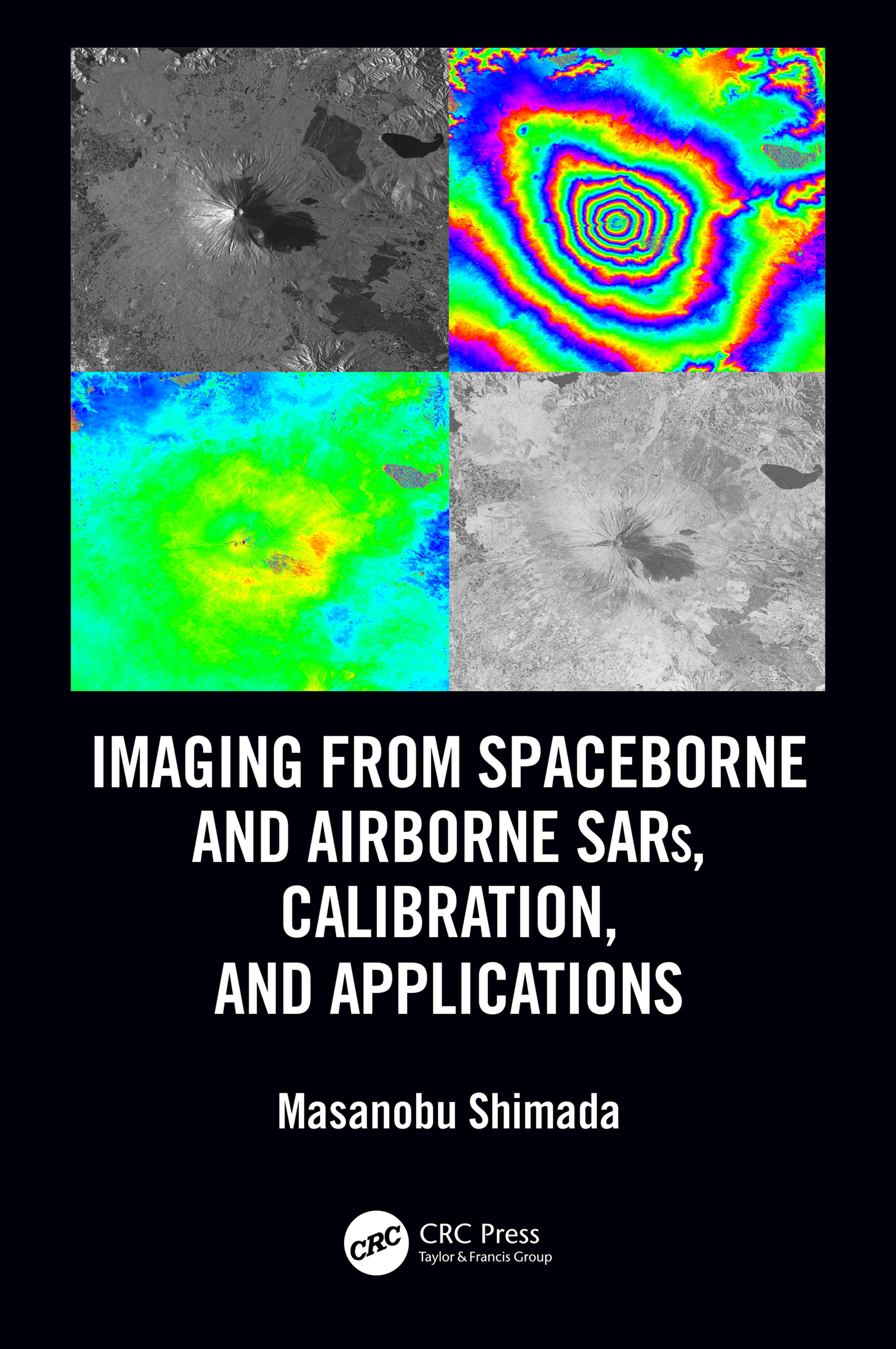
Imaging from Spaceborne and Airborne SARs, Calibration, and Applications Sixty years after its birth, Synthetic Aperture Radar (SAR) evolved as a key player of earth observation, and it is continually upgraded by enhanced hardware functionality and improved overall performance in response to user requirements. The basic information gained by SAR includes the backscattering coefficient of targets, their phases (the truncated distance between SAR and its targets), and their polarization dependence. The spatiotemporal combination of the multiple data operated on the satellite or aircraft significantly increases its sensitivity to detect changes on earth, including temporal variations of the planet in amplitude and the interferometric change for monitoring disasters; deformations caused by earthquakes, volcanic activity, and landslides; environmental changes; ship detection; and so on. Earth-orbiting satellites with the appropriate sensors can detect environmental changes because of their large spatial coverage and availability. Imaging from Spaceborne and Airborne SARs, Calibration, and Applications provides A-to-Z information regarding SAR researches through 15 chapters that focus on the JAXA L-band SAR, including hardware description, principles of SAR imaging, theoretical description of SAR imaging and error, ScanSAR imaging, polarimetric calibration, inflight antenna pattern, SAR geometry and ortho rectification, SAR calibration, defocusing for moving targets, large-scale SAR imaging and mosaic, interferometric SAR processing, irregularities, application, and forest estimation. Sample data are created by using L-band SAR, JERS-1, PALSAR, PALSAR-2, and Pi-SAR-L2. This book is based on the author’s experience as a principal researcher at JAXA with responsibilities for L-band SAR operation and researches. It reveals the inside of SAR processing and application researches performed at JAXA, which makes this book a valuable reference for a wide range of SAR researchers, professionals, and students. TECHNOLOGY & ENGINEERING,Remote Sensing & Geographic Information Systems
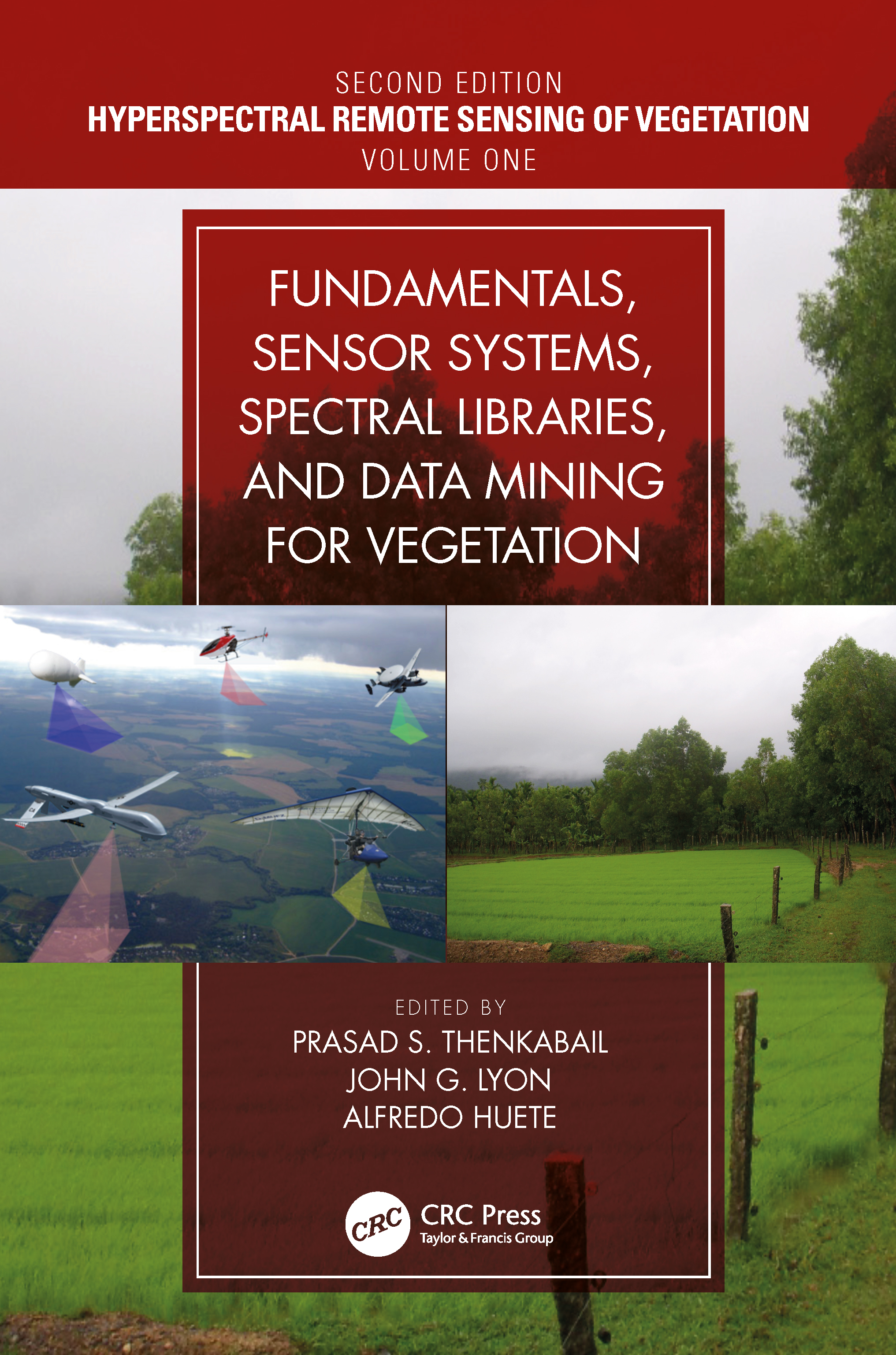
Fundamentals, Sensor Systems, Spectral Libraries, and Data Mining for Vegetation Written by leading global experts, including pioneers in the field, the four-volume set on Hyperspectral Remote Sensing of Vegetation, Second Edition, reviews existing state-of-the-art knowledge, highlights advances made in different areas, and provides guidance for the appropriate use of hyperspectral data in the study and management of agricultural crops and natural vegetation. Volume I, Fundamentals, Sensor Systems, Spectral Libraries, and Data Mining for Vegetation introduces the fundamentals of hyperspectral or imaging spectroscopy data, including hyperspectral data processes, sensor systems, spectral libraries, and data mining and analysis, covering both the strengths and limitations of these topics. This book also presents and discusses hyperspectral narrowband data acquired in numerous unique spectral bands in the entire length of the spectrum from various ground-based, airborne, and spaceborne platforms. The concluding chapter provides readers with useful guidance on the highlights and essence of Volume I through the editors’ perspective. Key Features of Volume I: Provides the fundamentals of hyperspectral remote sensing used in agricultural crops and vegetation studies. Discusses the latest advances in hyperspectral remote sensing of ecosystems and croplands. Develops online hyperspectral libraries, proximal sensing and phenotyping for understanding, modeling, mapping, and monitoring crop and vegetation traits. Implements reflectance spectroscopy of soils and vegetation. Enumerates hyperspectral data mining and data processing methods, approaches, and machine learning algorithms. Explores methods and approaches for data mining and overcoming data redundancy; Highlights the advanced methods for hyperspectral data processing steps by developing or implementing appropriate algorithms and coding the same for processing on a cloud computing platform like the Google Earth Engine. Integrates hyperspectral with other data, such as the LiDAR data, in the study of vegetation. Includes best global expertise on hyperspectral remote sensing of agriculture, crop water use, plant species detection, crop productivity and water productivity mapping, and modeling. TECHNOLOGY & ENGINEERING,Remote Sensing & Geographic Information Systems
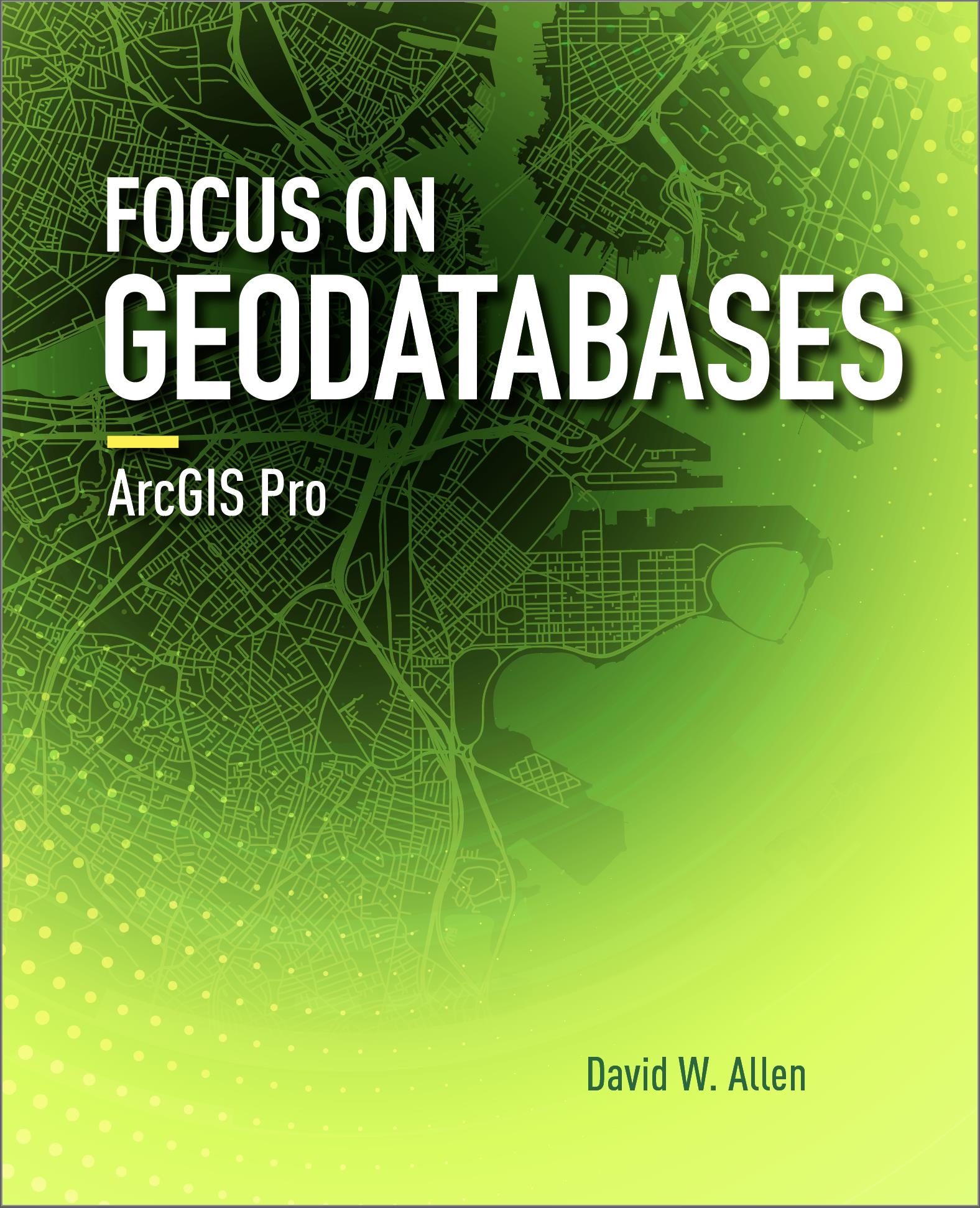
Focus on Geodatabases in ArcGIS Pro Focus on Geodatabases in ArcGIS Pro introduces readers to the geodatabase, the comprehensive information model for representing and managing geographic information across the ArcGIS platform. TECHNOLOGY & ENGINEERING,Remote Sensing & Geographic Information Systems
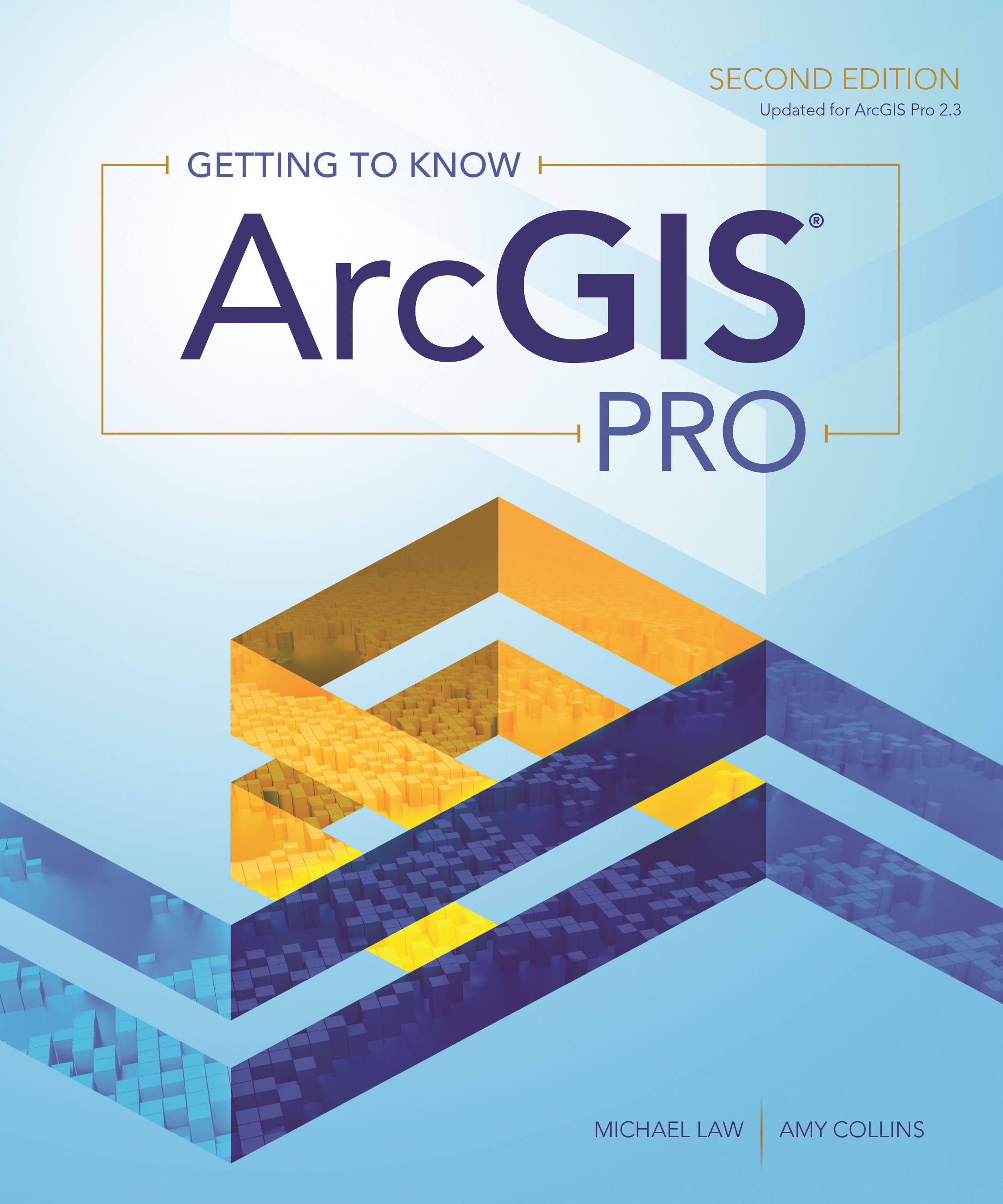
Getting to Know ArcGIS Pro Getting to Know ArcGIS Pro, second edition teaches new and existing GIS users how to get started solving problems by visualizing, querying, creating, editing, analyzing, and presenting geospatial data in both 2D and 3D environments using ArcGIS Pro. TECHNOLOGY & ENGINEERING,Remote Sensing & Geographic Information Systems

Remote Sensing And Geographic Information System In Forestry Romote sensing and GIS are complementary technologies that, when combined, enable improved monitoring, mapping, and management of forest resources. The information that supports forest management is stored primarily in the form of forest inventory databases within a GIS environment. A key development in remote sensing has been the increased availability of high-spatial and high-spectral-resolution remotely sensed data from a wide range of sensors and platforms including photographic and digital cameras, video capture, and airborne and space borne multispectral sensors. Hyper spectral imagery promises to provide improved discrimination of forest cover and physiological attributes. Radar application are being developed that penetrate the forest canopy to reveal characteristics of the forest floor. New technologies, such as LIDAR can provide estimates of forest biomass, height, and the vertical distribution of forest structure with unprecedented accuracy. This book deals with into some of the basic aspects, principles, and practices of Remote Sensing and Geographical Information System in Forestry. The book has been written with a view to cover the broad syllabus prescribed on the subject in various forestry colleges' forestry training institutes and Agricultural Universities in India. This will serve as a valuable source of information for the academicians in forestry colleges and institutes and also for the undergraduate and post graduate for the preparation of competitive examination in forestry discipline. TECHNOLOGY & ENGINEERING,Remote Sensing & Geographic Information Systems
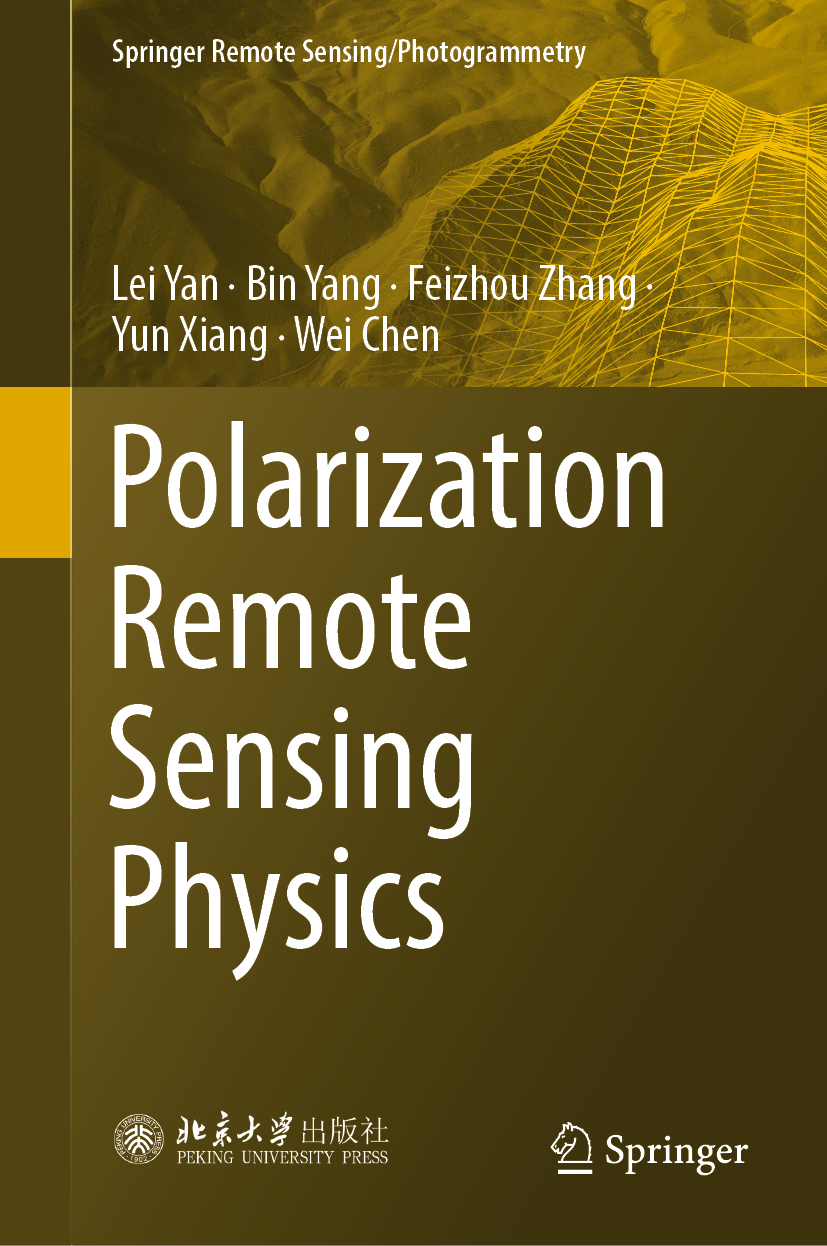
Polarization Remote Sensing Physics This book elaborates on the physical principles of polarization remote sensing. It explains the reflective characteristics of surface objects and atmosphere separately, including theory, experiment, instrument and application. In addition, it introduces how polarization remote sensing works in advanced research programs as it can be used in aviation, astronomy, disaster risk prevention and navigation fields. This book serves as a fundamental and comprehensive reference for researchers and students. TECHNOLOGY & ENGINEERING,Remote Sensing & Geographic Information Systems

GIS And Remote Sensing Analysis For Cropping Systems A geographic information system, geographical information system, or geospatial information system is any system that captures, stores, analyses, manages, and presents data that are linked to location. In the simplest terms, GIS is the merging of cartography, statistical analysis, and database technology GIS may be used in archaeology, geography, cartography, remote sensing, land surveying, public utility management, natural resource management, precision agriculture, photogrammetry, urban planning, emergency management, landscape architecture, navigation, aerial video, and localized search engines. Remote sensing images are normally in the form of digital images. In order to extract useful information from the images, image processing techniques may be employed to enhance the image to help visual interpretation, and to correct or restore the image if the image has been subjected to geometric distortion, blurring or degradation by other factors. Agricultural resources data are collected y aircraft and satellite-mounted instruments, which receive reflected energy from target in some frequency of the electromagnetic spectrum. The process involved in electromagnetic remote sensing system namely, data acquisition and data analysis are outlined below and a schematic diagram of electromagnetic remote sensing process. This book should be useful to remote sensing scientists and engineers, geographers, geologists, ecologists and environmental scientists, agricultural and soil scientists and urban and regional planners. Regional, state and university remote sensing centres may like to have this book as well. TECHNOLOGY & ENGINEERING,Remote Sensing & Geographic Information Systems
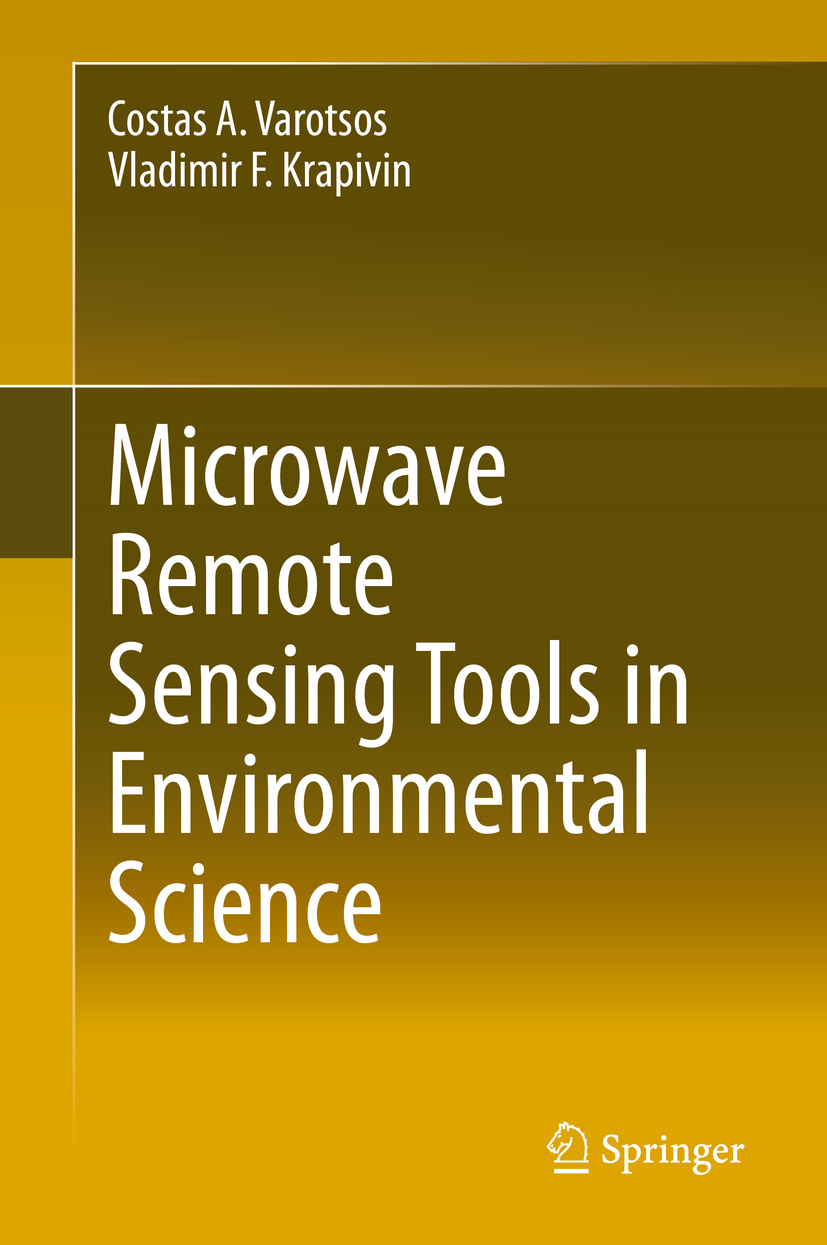
Microwave Remote Sensing Tools in Environmental Science This book gives new insight to the study of the global environmental changes using the ecoinformatics and microwave remote sensing tools together with the adaptive-evolutionary technology of geoinformation monitoring. The main advantage of this book consists in the accumulation of the interdisciplinary scientific knowledge for the parameterization of the global biogeochemical cycles and other environmental processes in the context of globalization and sustainable development. In this regard, the crucial global problems of the dynamics of the climate-nature-society system have been considered and the key problems of ensuring its sustainable development have been addressed. An analysis of the present trend in changing ecological systems has been discussed, including different types of forest ecosystems and ocean aquatories. The emphasis has been given to the accomplishment of the global geoinformation monitoring, which could provide a reliable control of the environmental processes development with reliable prognostic estimates of the consequences of human activities. A new approach to the numerical modelling of the climate-nature-society system has been presented and demonstrative results have been given about the modelling of the dynamics of this system‟s characteristics, in cases of realization of some scenarios of the anthropogenic impacts to the biogeochemical cycles, the land ecosystems and oceans. Methods and algorithms for the big data manipulation and processing in the remote sensing environmental monitoring systems have been described. TECHNOLOGY & ENGINEERING,Remote Sensing & Geographic Information Systems
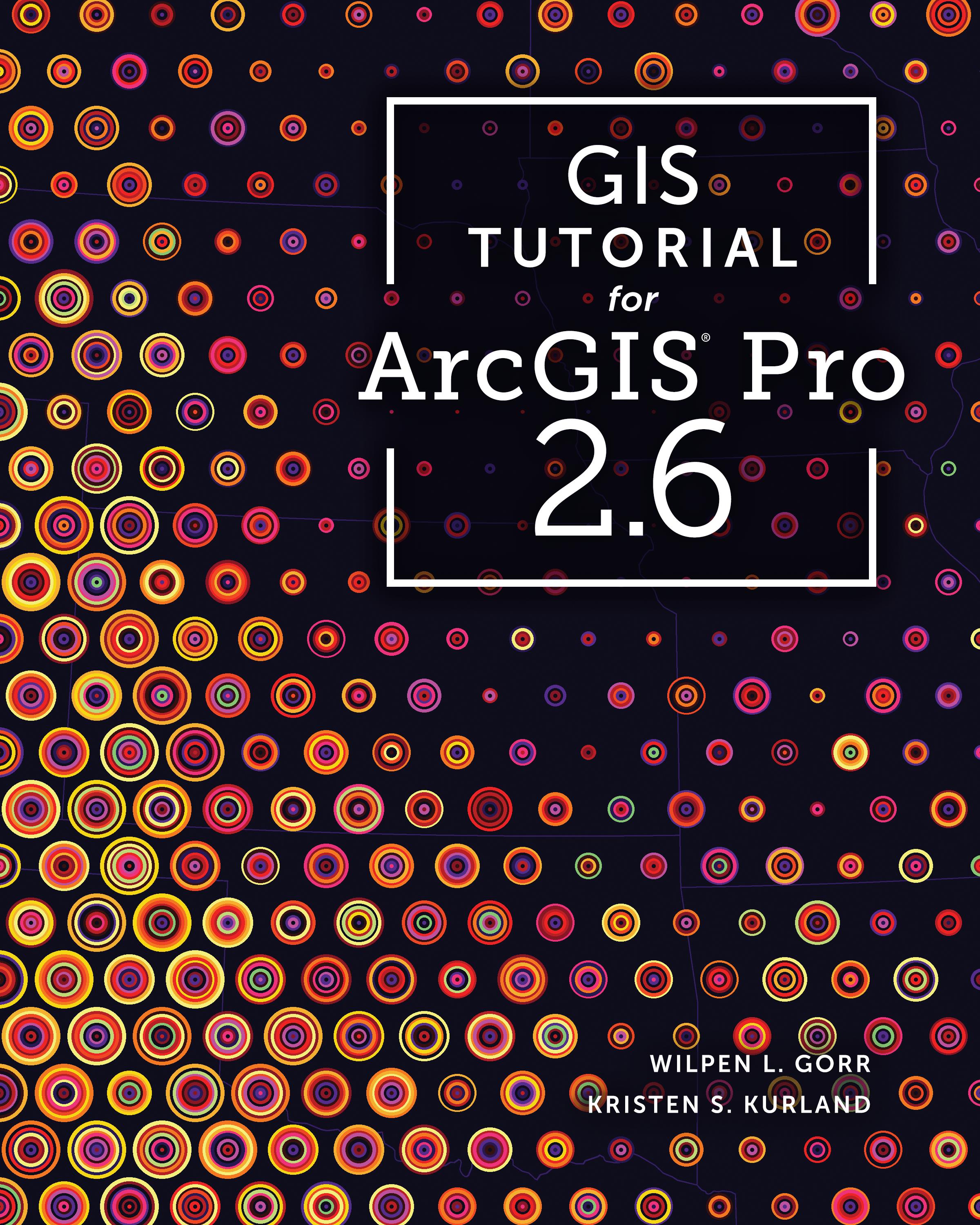
GIS Tutorial for ArcGIS Pro 2.6 GIS Tutorial for ArcGIS Pro 2.6 is the introductory workbook for learning geographic information systems with ArcGIS Pro, the premier professional desktop GIS application from Esri. TECHNOLOGY & ENGINEERING,Remote Sensing & Geographic Information Systems

Deep Learning for Remote Sensing Images with Open Source Software In today’s world, deep learning source codes and a plethora of open access geospatial images are readily available and easily accessible. However, most people are missing the educational tools to make use of this resource. Deep Learning for Remote Sensing Images with Open Source Software is the first practical book to introduce deep learning techniques using free open source tools for processing real world remote sensing images. The approaches detailed in this book are generic and can be adapted to suit many different applications for remote sensing image processing, including landcover mapping, forestry, urban studies, disaster mapping, image restoration, etc. Written with practitioners and students in mind, this book helps link together the theory and practical use of existing tools and data to apply deep learning techniques on remote sensing images and data. Specific Features of this Book: The first book that explains how to apply deep learning techniques to public, free available data (Spot-7 and Sentinel-2 images, OpenStreetMap vector data), using open source software (QGIS, Orfeo ToolBox, TensorFlow) Presents approaches suited for real world images and data targeting large scale processing and GIS applications Introduces state of the art deep learning architecture families that can be applied to remote sensing world, mainly for landcover mapping, but also for generic approaches (e.g. image restoration) Suited for deep learning beginners and readers with some GIS knowledge. No coding knowledge is required to learn practical skills. Includes deep learning techniques through many step by step remote sensing data processing exercises. TECHNOLOGY & ENGINEERING,Remote Sensing & Geographic Information Systems
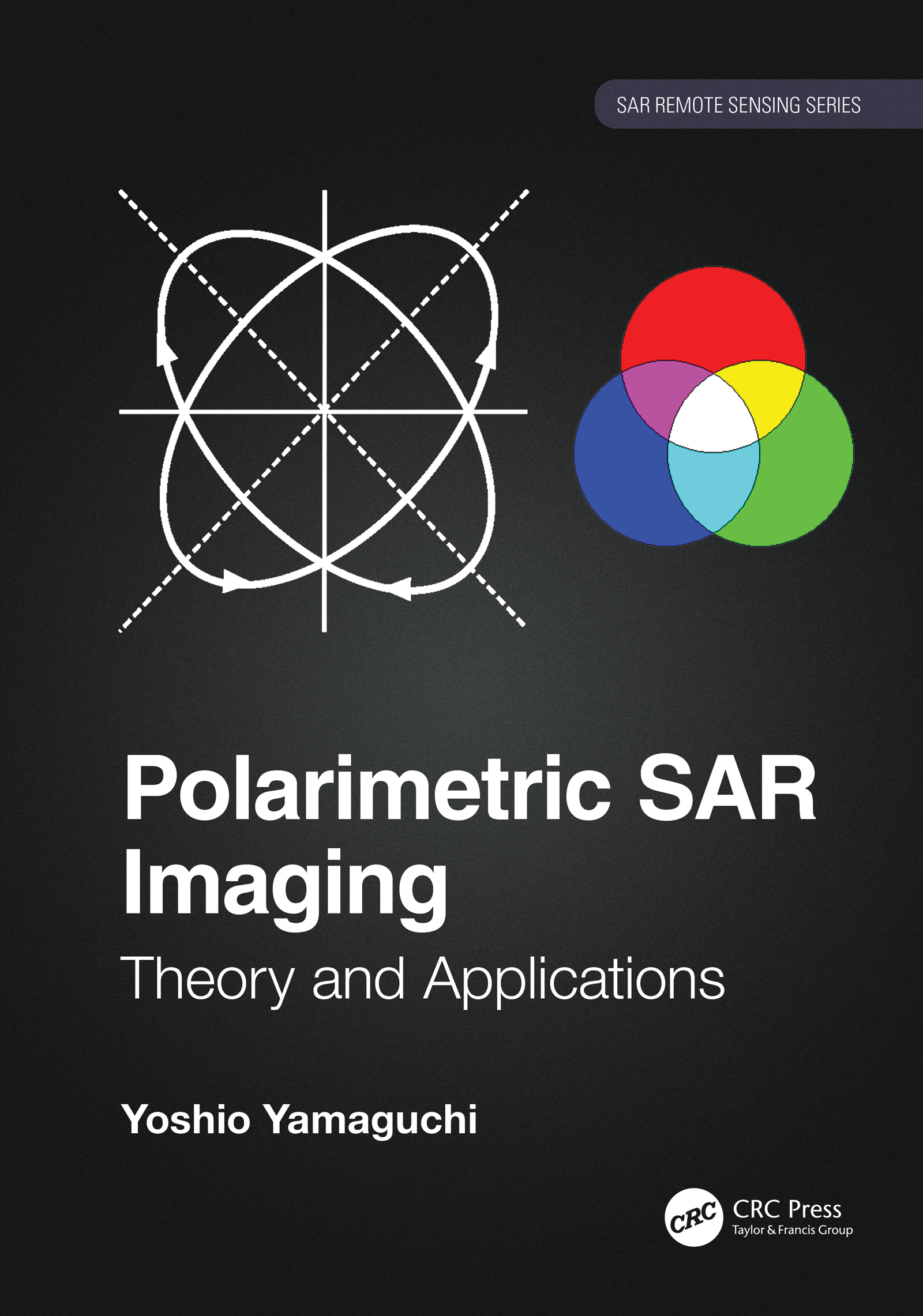
Polarimetric SAR Imaging Radar polarimetry has been highly sought after for its use in the precise monitoring of Earth's surface. Polarimetric SAR Imaging explains the basic concepts of polarimetry and its diverse applications including: deforestation, tree classification, landslide detection, tsunamis, volcano eruptions and ash distribution, snow accumulation, rice field monitoring, urban area exploration, ship detection, among other applications. The explanations use actual data sets taken by Advanced Land Observing Satellite (ALOS and ALOS2). With the increasing problems presented by climate change, there is a growing need for detailed earth observation using polarimetric data. As the treatment of vector nature of radar waves is complex, there is a gap between the theory and the application. Polarimetric SAR Imaging: Theory and Applications addresses and fills this gap. Features: Provides cutting-edge polarimetric applications for earth observation with full color images. Includes detailed descriptions of theory, equations, expansions, and flowcharts, and numerous real examples. Explains concepts, data analysis, and applications in simple and clear language aimed at an intuitive comprehension. Provides specific and unique examples of PolSAR images derived from actual space and airborne systems (ALOS/ALOS2, PiSAR-x/L) Covers the wide range of the radar polarimetry, especially the decomposition of the polarimetry data, an original method developed by the author using the Japanese polarimetric SAR data Illustrated in full color using images generated by polarimetric techniques, this book is easy to understand and use for both student and expert, and is an excellent resource both in the classroom and in the field. TECHNOLOGY & ENGINEERING,Remote Sensing & Geographic Information Systems
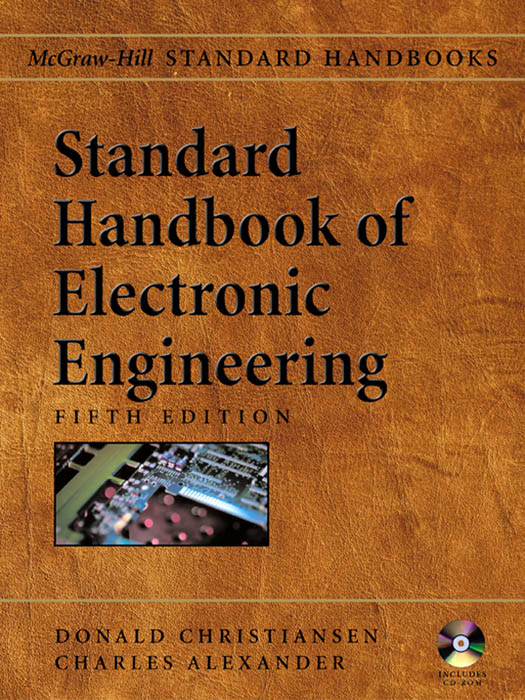
Standard Handbook of Electronic Engineering, 5th Edition The Standard Handbook of Electronics Engineering has defined its field for over thirty years. Spun off in the 1960’s from Fink’s Standard Handbook of Electrical Engineering, the Christiansen book has seen its markets grow rapidly, as electronic engineering and microelectronics became the growth engine of digital computing. The EE market has now undergone another seismic shift—away from computing and into communications and media. The Handbook will retain much of its evergreen basic material, but the key applications sections will now focus upon communications, networked media, and medicine—the eventual destination of the majority of graduating EEs these days. TECHNOLOGY & ENGINEERING,Robotics
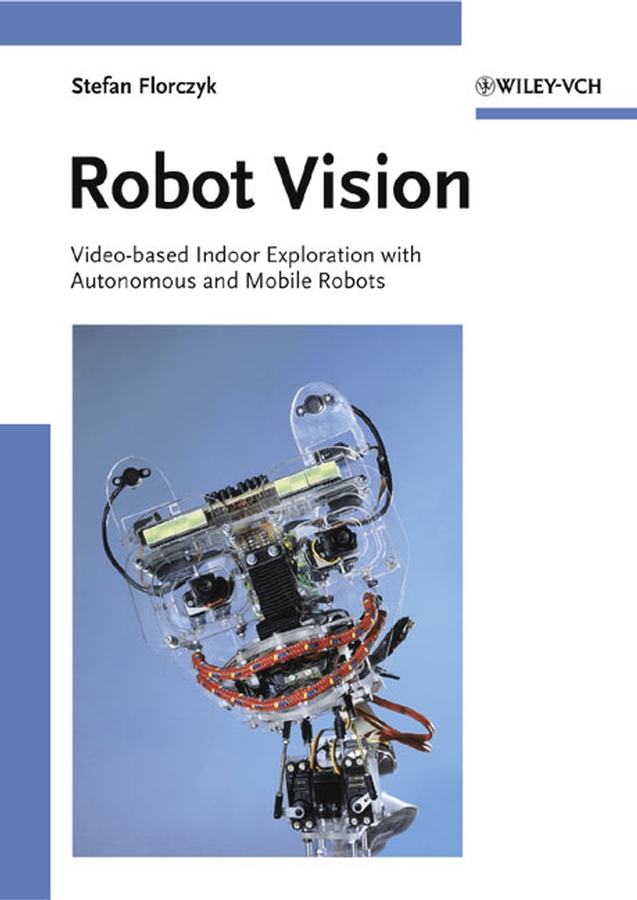
Robot Vision The book is intended for advanced students in physics, mathematics, computer science, electrical engineering, robotics, engine engineering and for specialists in computer vision and robotics on the techniques for the development of vision-based robot projects. It focusses on autonomous and mobile service robots for indoor work, and teaches the techniques for the development of vision-based robot projects. A basic knowledge of informatics is assumed, but the basic introduction helps to adjust the knowledge of the reader accordingly. A practical treatment of the material enables a comprehensive understanding of how to handle specific problems, such as inhomogeneous illumination or occlusion. With this book, the reader should be able to develop object-oriented programs and show mathematical basic understanding. Such topics as image processing, navigation, camera types and camera calibration structure the described steps of developing further applications of vision-based robot projects. TECHNOLOGY & ENGINEERING,Robotics
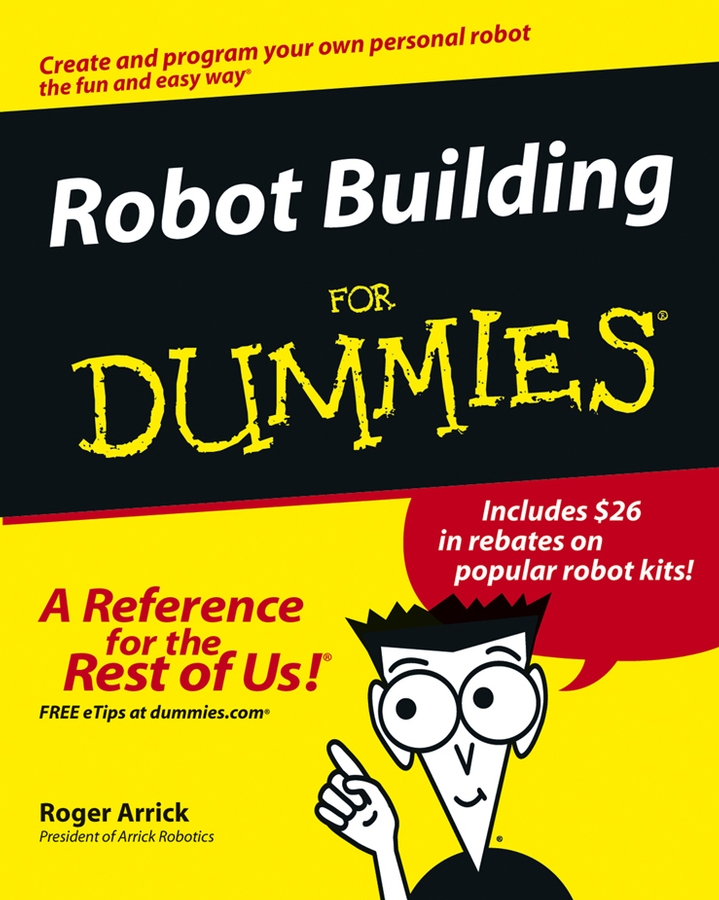
Robot Building For Dummies Discover what robots can do and how they work Find out how to build your own robot and program it to perform tasks Ready to enter the robot world? This book is your passport! It walks you through building your very own little metal assistant from a kit, dressing it up, giving it a brain, programming it to do things, even making it talk. Along the way, you'll gather some tidbits about robot history, enthusiasts' groups, and more. The Dummies Way * Explanations in plain English * "Get in, get out" information * Icons and other navigational aids * Tear-out cheat sheet * Top ten lists * A dash of humor and fun TECHNOLOGY & ENGINEERING,Robotics
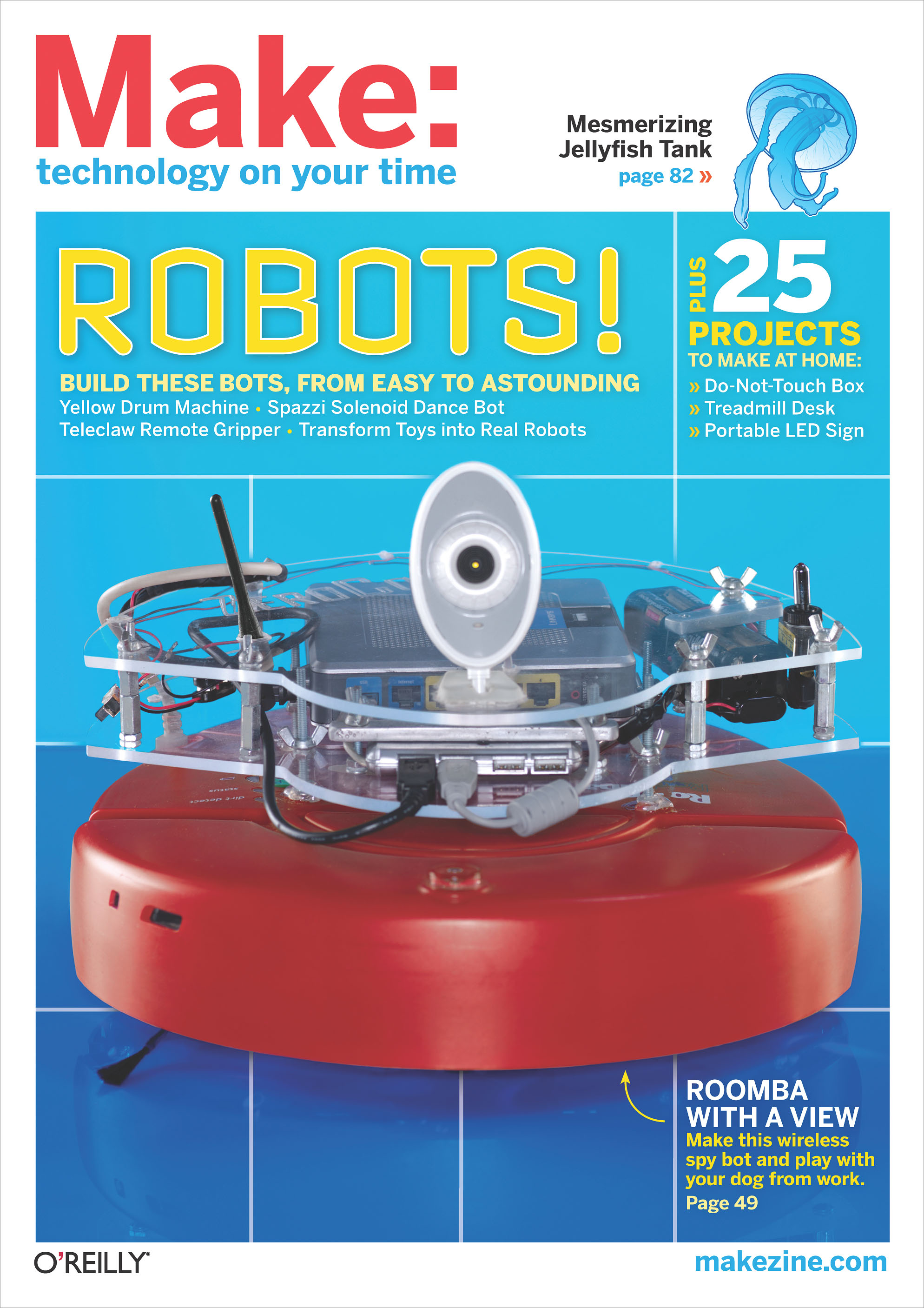
Make The Robots have returned! MAKE Volume 27 features a special package with robotics projects for every age and skill level. They play music; they outwit your pets; they learn from their mistakes! In addition, we'll show you how to build a special aquarium to keep jellyfish, create pre-Edison incandescent lighting, spy via the internet, and make a go-anywhere digital message board! All this and much, much more, in MAKE Volume 27. Some of the buildable bots you’ll meet include: Yellow Drum Machine, which roves around looking for things to drum on, then drums, records, and accompanies itself playing catchy rhythms Roomba Recon, Roomba robotic vacuum with a wireless router and webcam on its back, programmed so you can drive it around your house and see what it sees from a browser window anywhere The winning project from MAKE’s Most Entertaining Robot contest Tiny Robots made from common electronics components. The special Robots section will also include a roundup of hobby robotics highlights, and a Primer on using the EZ-Robot controller board to turn any animatronic toy into a fully controllable robot that recognizes faces and responds to voice commands. TECHNOLOGY & ENGINEERING,Robotics
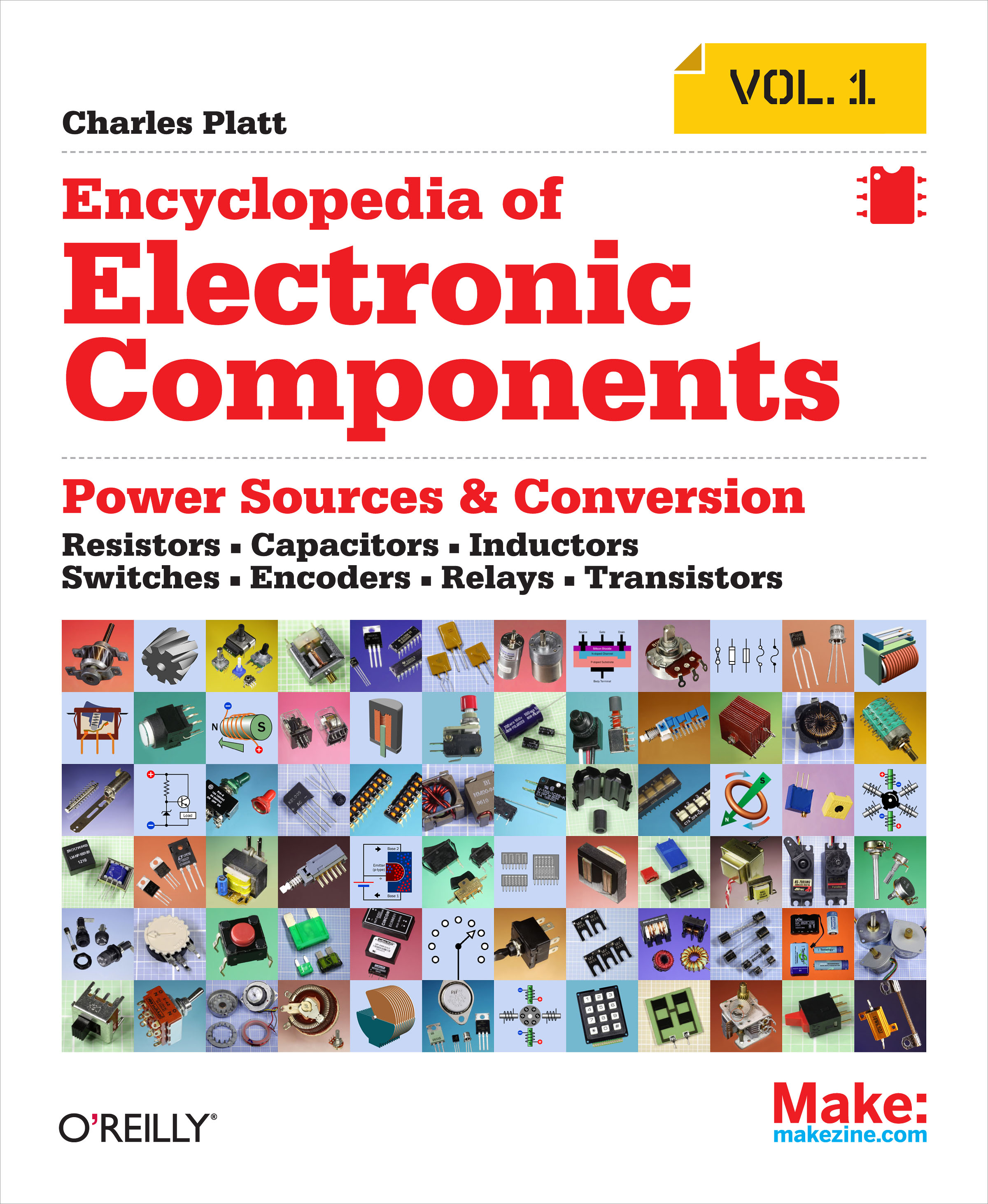
Encyclopedia of Electronic Components Volume 1 Want to know how to use an electronic component? This first book of a three-volume set includes key information on electronics parts for your projects—complete with photographs, schematics, and diagrams. You’ll learn what each one does, how it works, why it’s useful, and what variants exist. No matter how much you know about electronics, you’ll find fascinating details you’ve never come across before. Convenient, concise, well-organized, and precise Perfect for teachers, hobbyists, engineers, and students of all ages, this reference puts reliable, fact-checked information right at your fingertips—whether you’re refreshing your memory or exploring a component for the first time. Beginners will quickly grasp important concepts, and more experienced users will find the specific details their projects require. Unique: the first and only encyclopedia set on electronic components, distilled into three separate volumes Incredibly detailed: includes information distilled from hundreds of sources Easy to browse: parts are clearly organized by component type Authoritative: fact-checked by expert advisors to ensure that the information is both current and accurate Reliable: a more consistent source of information than online sources, product datasheets, and manufacturer’s tutorials Instructive: each component description provides details about substitutions, common problems, and workarounds Comprehensive: Volume 1 covers power, electromagnetism, and discrete semi-conductors; Volume 2 includes integrated circuits, and light and sound sources; Volume 3 covers a range of sensing devices. TECHNOLOGY & ENGINEERING,Robotics
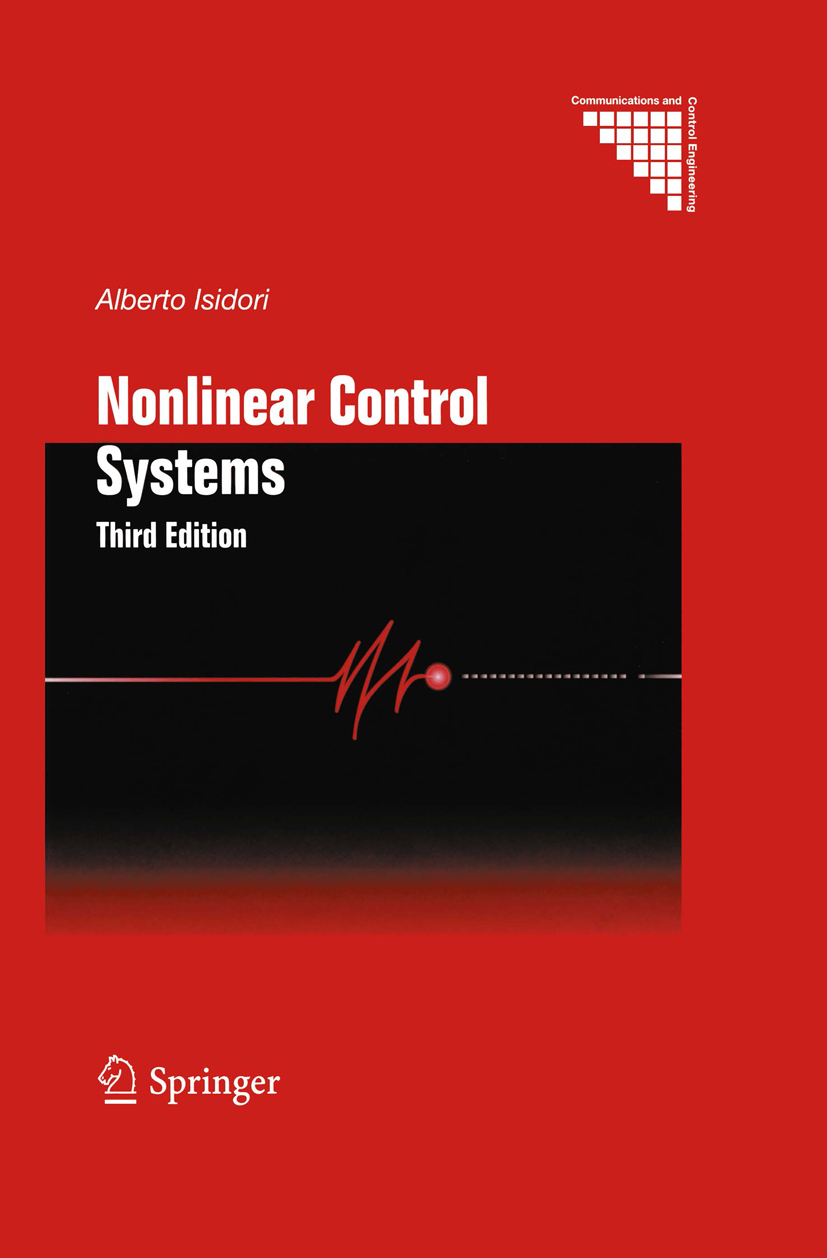
Nonlinear Control Systems The purpose of this book is to present a self-contained description of the fun damentals of the theory of nonlinear control systems, with special emphasis on the differential geometric approach. The book is intended as a graduate text as weil as a reference to scientists and engineers involved in the analysis and design of feedback systems. The first version of this book was written in 1983, while I was teach ing at the Department of Systems Science and Mathematics at Washington University in St. Louis. This new edition integrates my subsequent teaching experience gained at the University of Illinois in Urbana-Champaign in 1987, at the Carl-Cranz Gesellschaft in Oberpfaffenhofen in 1987, at the University of California in Berkeley in 1988. In addition to a major rearrangement of the last two Chapters of the first version, this new edition incorporates two additional Chapters at a more elementary level and an exposition of some relevant research findings which have occurred since 1985. TECHNOLOGY & ENGINEERING,Robotics
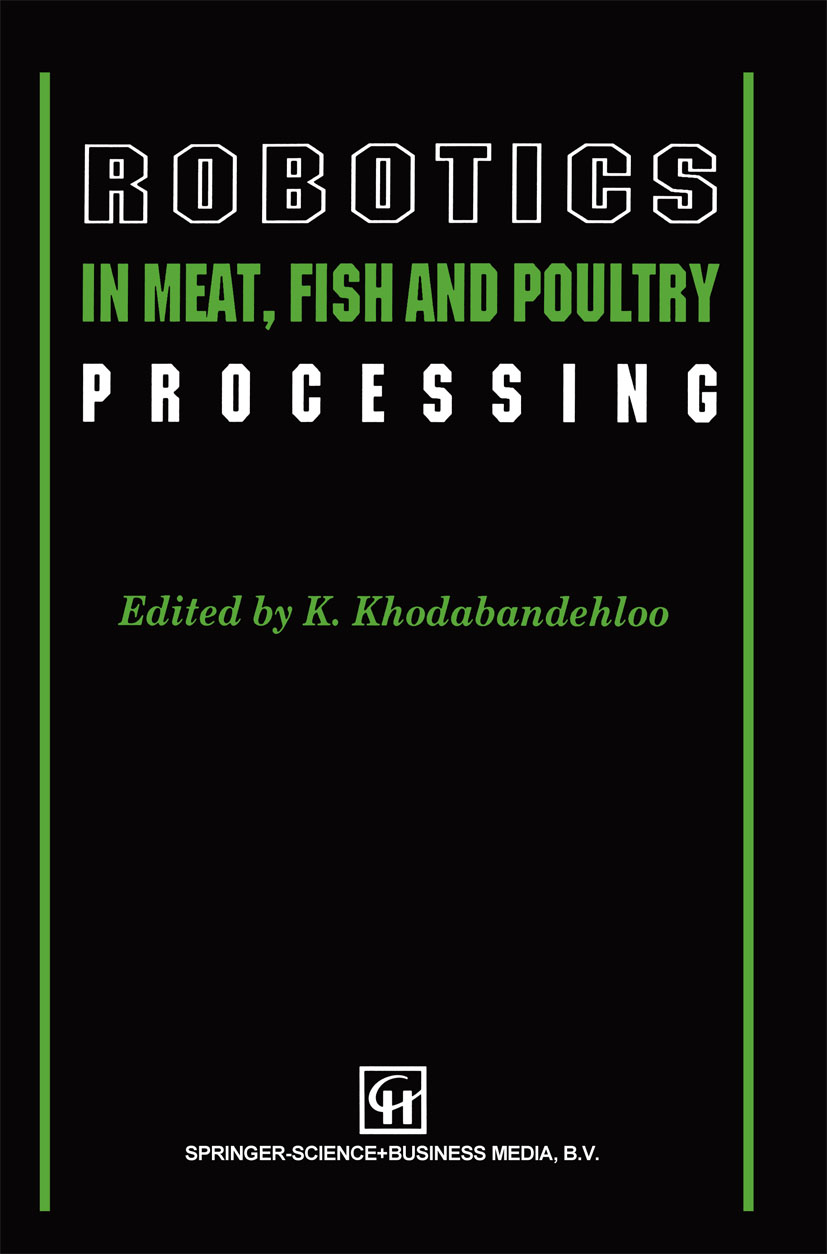
Robotics in Meat, Fish and Poultry Processing The past decade has seen growing interest in the use of robotic technology in the food sector. There is a strong indication that this sector and, in particular, industries dealing with meat, fish and poultry products, would make even more use of robotics if such technology were better suited to the specific needs of the food production environment. Clearly the poten tial is high. This book aims to provide the reader with the state of robotic technology currently under development. For the first time a series of chapters, written by leading international authors, brings together a range of topics in robotics as applicable to meat, fish and poultry processing. The contents will interest researchers, managers, manufacturing engin eers, consultants and students. Manufacturers and suppliers of robotic technology or food machinery are strongly recommended to examine the content and exploit the potential benefits described. The co-operation and indeed the full active involvement of research establishments, manufac turers and food producers in teams, is essential in order to achieve the maximum use of robotics. TECHNOLOGY & ENGINEERING,Robotics
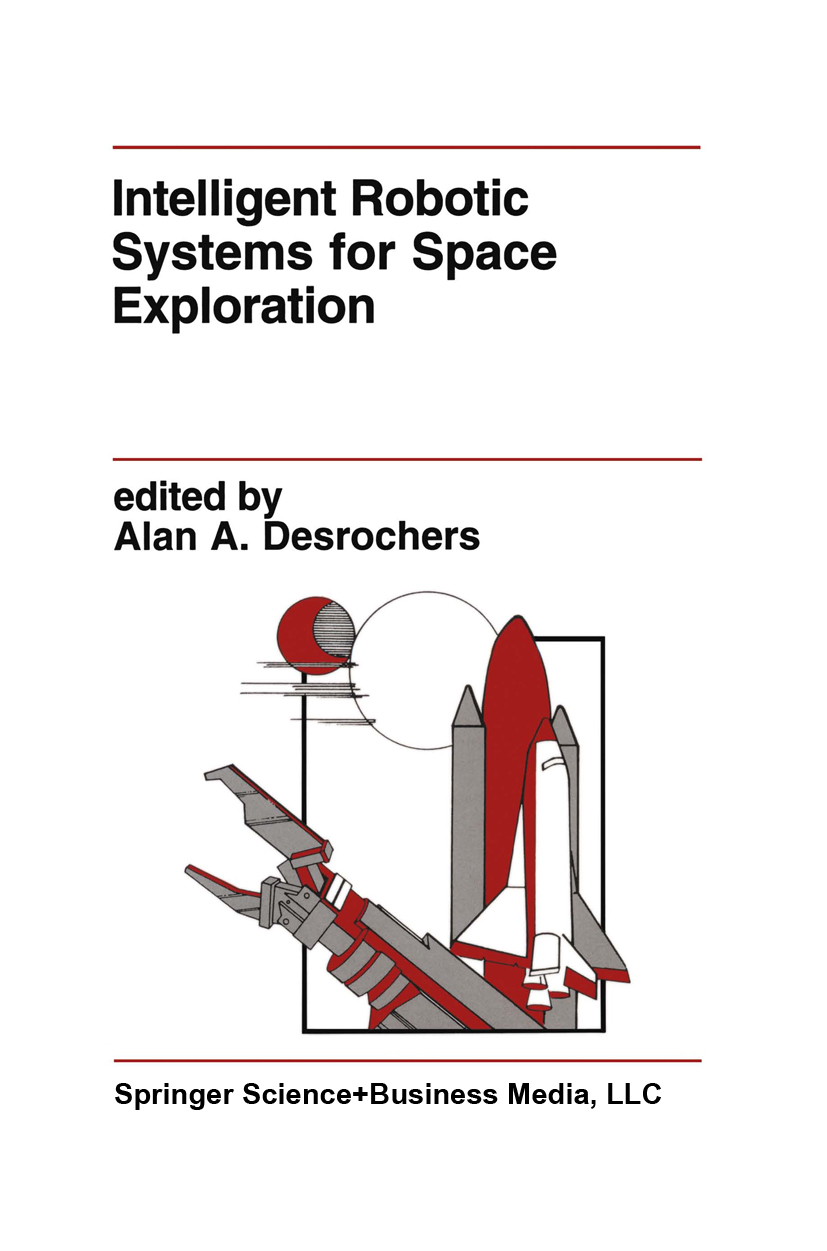
Intelligent Robotic Systems for Space Exploration Over the last twenty years, automation and robotics have played an increasingly important role in a variety of application domains including manufacturing, hazardous environments, defense, and service industries. Space is a unique environment where power, communications, atmospheric, gravitational, and sensing conditions impose harsh constraints on the ability of both man and machines to function productively. In this environment, intelligent automation and robotics are essential complements to the capabilities of humans. In the development of the United States Space Program, robotic manipulation systems have increased in importance as the complexity of space missions has grown. Future missions will require the construction, maintenance, and repair of large structures, such as the space station. This volume presents the effords of several groups that are working on robotic solutions to this problem. Much of the work in this book is related to assembly in space, and especially in-orbit assembly of large truss structures. Many of these so-called truss structures will be assembled in orbit. It is expected that robot manipulators will be used exclusively, or at least provide partial assistance to humans. Intelligent Robotic Systems for Space Exploration provides detailed algorithms and analysis for assembly of truss structure in space. It reports on actual implementations to date done at NASA's Langley Research Center. The Johnson Space Center, and the Jet Propulsion Laboratory. Other implementations and research done at Rensselaer are also reported. Analysis of robot control problems that are unique to a zero-gravity environment are presented. TECHNOLOGY & ENGINEERING,Robotics
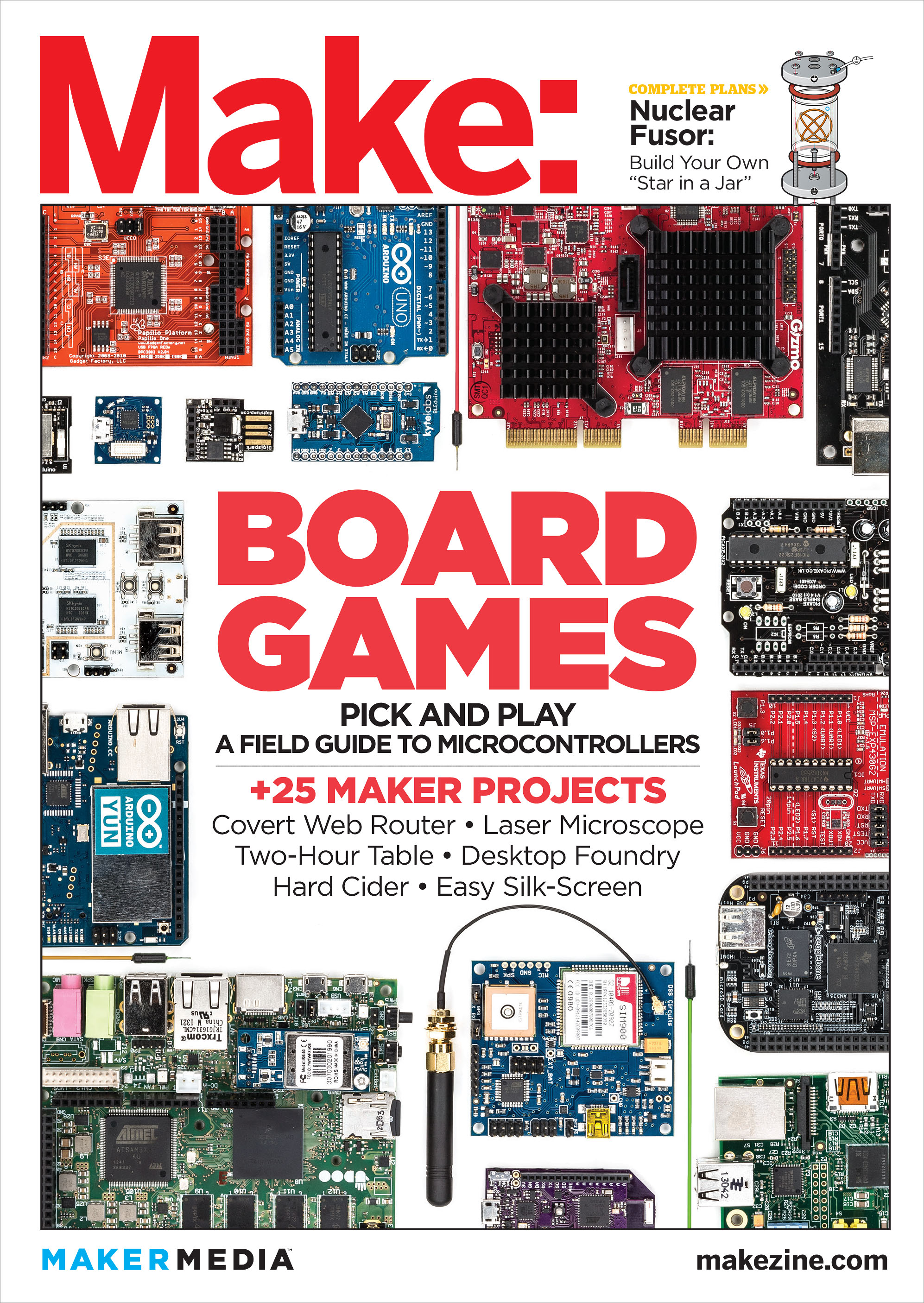
Make Boards, Boards, Boards! It’s all about the boards that are rocking the Maker world. We're in a gold rush of controllers and mini-computers, putting raw power into your hands and giving you the ability to express whatever your imagination can suggest. What was once the domain of giant electronics manufacturers only a few years ago can now be shipped to you overnight to play with, and help you develop your own amazing projects. Do your think Arduino is il migliore? Do you salivate for a piece of Raspberry Pi? Does your tail wag at the idea of a BeagleBone? In MAKE Volume 36, we're taking a deep dive on the boards that are fueling a new smart device revolution. From workshop hobbyists to the innovators taking accessible technology to new levels, people are hungry for the scoop on this rapidly-iterating field, and if you want to get in front of the smartest makers around, this issue is for you. TECHNOLOGY & ENGINEERING,Robotics
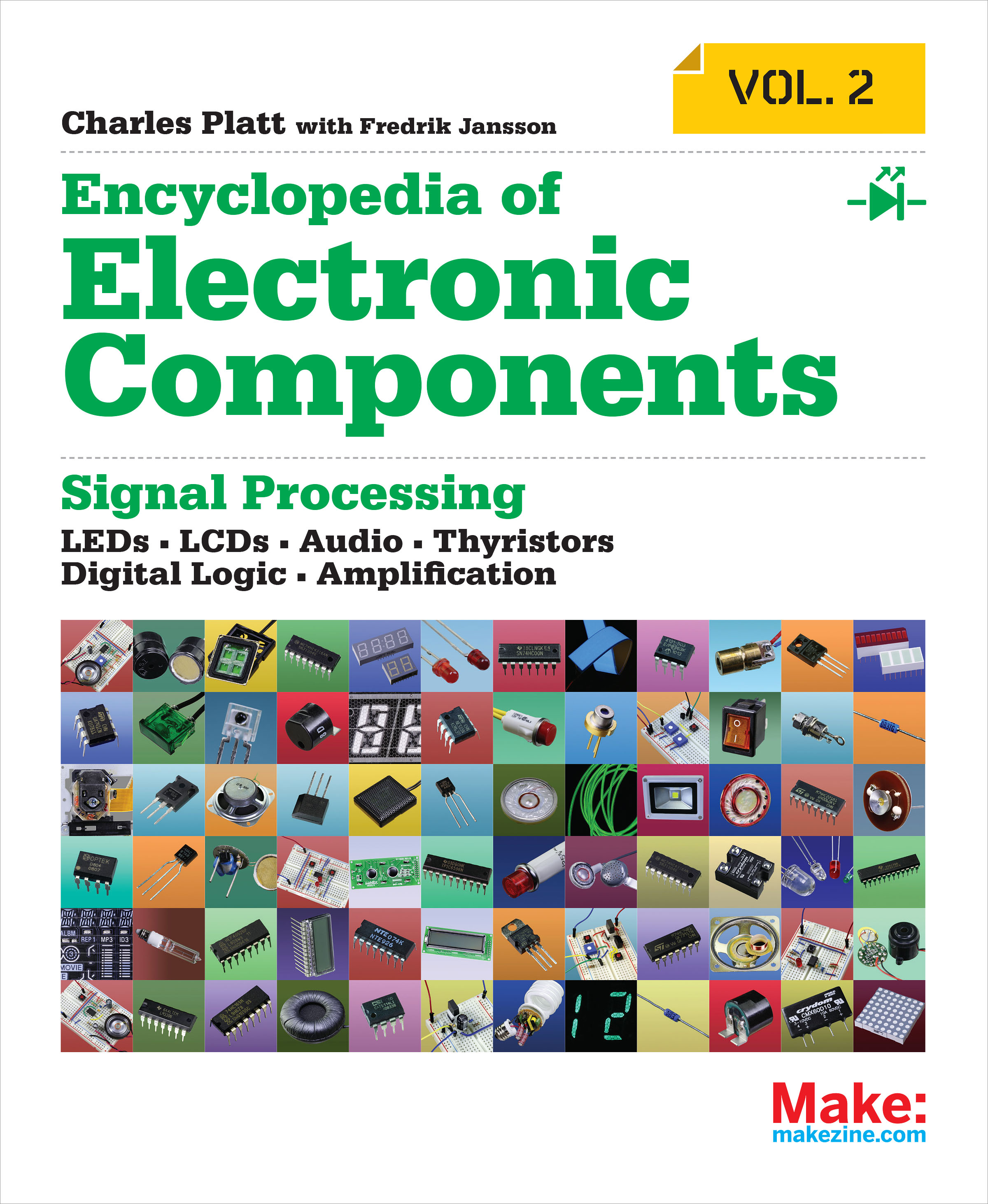
Encyclopedia of Electronic Components Volume 2 Want to know how to use an electronic component? This second book of a three-volume set includes key information on electronics parts for your projects--complete with photographs, schematics, and diagrams. You'll learn what each one does, how it works, why it's useful, and what variants exist. No matter how much you know about electronics, you'll find fascinating details you've never come across before. Perfect for teachers, hobbyists, engineers, and students of all ages, this reference puts reliable, fact-checked information right at your fingertips--whether you're refreshing your memory or exploring a component for the first time. Beginners will quickly grasp important concepts, and more experienced users will find the specific details their projects require. Volume 2 covers signal processing, including LEDs, LCDs, audio, thyristors, digital logic, and amplification. Unique: the first and only encyclopedia set on electronic components, distilled into three separate volumes Incredibly detailed: includes information distilled from hundreds of sources Easy to browse: parts are clearly organized by component type Authoritative: fact-checked by expert advisors to ensure that the information is both current and accurate Reliable: a more consistent source of information than online sources, product datasheets, and manufacturer's tutorials Instructive: each component description provides details about substitutions, common problems, and workarounds Comprehensive: Volume 1 covers power, electromagnetism, and discrete semiconductors; Volume 2 includes LEDs, LCDs, audio, thyristors, digital logic, and amplification; Volume 3 covers a range of sensing devices. TECHNOLOGY & ENGINEERING,Robotics
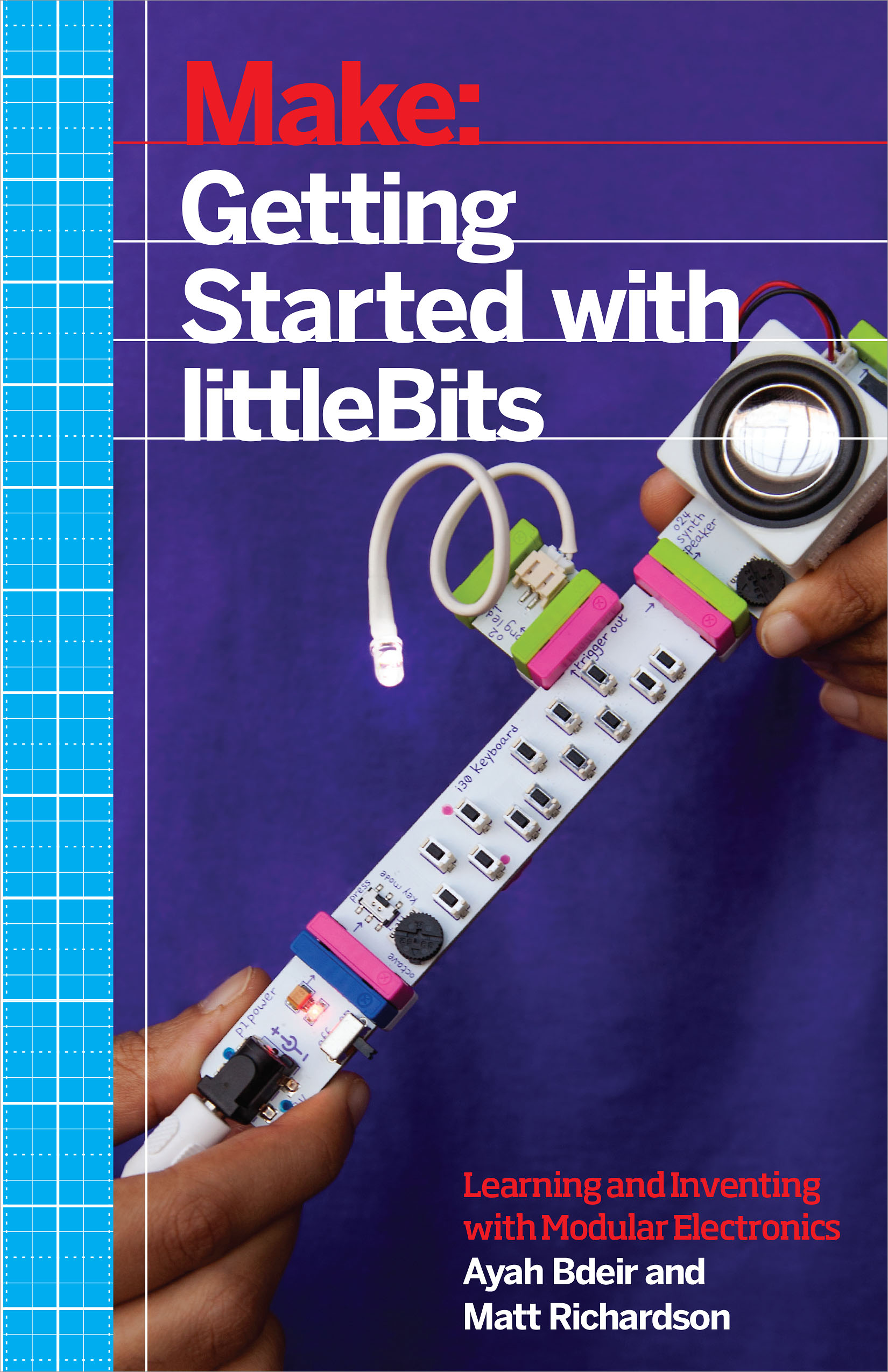
Getting Started with littleBits littleBits are electronic building blocks with over 60 modules and trillions of combinations. With littleBits, anyone can harness the power of electronics, microcontrollers, and the cloud--regardless of age, gender, technical ability, or educational background. You can combine these simple, snap-together, magnetic bricks to make simple electronic circuits, or build robots and devices that combine sensors, microcontrollers, and cloud connectivity. This book, co-authored by littleBits founder Ayah Bdeir, along with top-selling author Matt Richardson (Getting Started with Raspberry Pi), teaches you just enough electronics to start making things with littleBits and takes you on up through connecting littleBits to the cloud and programming with its Arduino-compatible module. TECHNOLOGY & ENGINEERING,Robotics
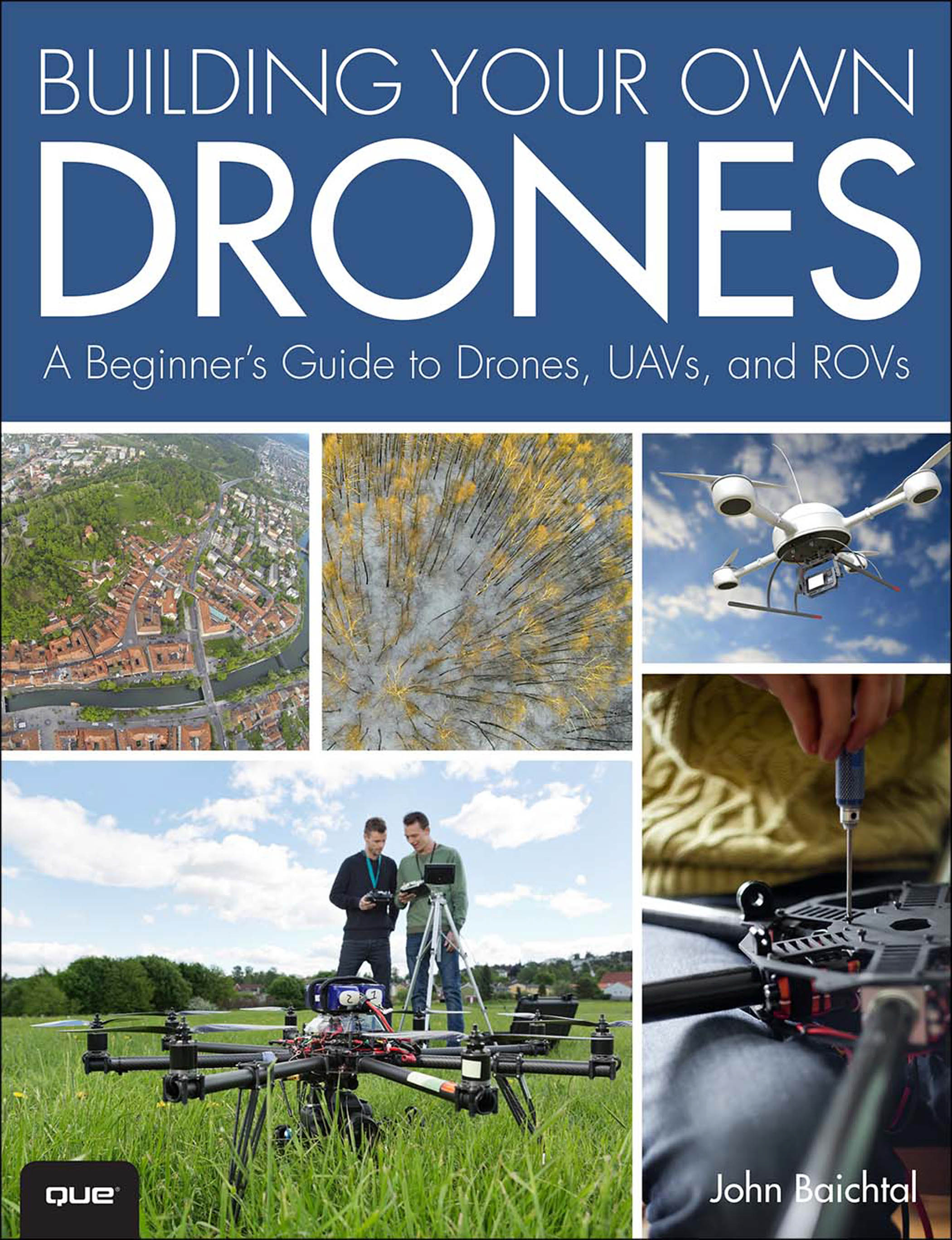
Building Your Own Drones Absolutely no experience needed! Build your drone, step-by-step, with this full-color, hands-on guide! You’ve heard about drones. You’ve seen drones. Now, build your own—it’s a lot easier than you think! Drones are the newest frontier for the DIY/maker community, and you don’t need to be a technical expert to build one. John Baichtal, the #1 author of hardware hacking books for beginners, will teach you all the skills you need. First, Baichtal shows you the amazing drones others have built. Then, he walks you through several complete projects: quadcopters, UAVs, ROVs, and more. Not ready to start from scratch? No problem: Baichtal helps you choose from today’s best new kits. Hundreds of full-color step-by-step photos teach you every step, every skill. When you’re ready for more advanced concepts, Baichtal explains them in plain English. Discover what drones are and why they’re so exciting Explore today’s most imaginative projects, from 3D-printed mini quadcopters to floating robot armies Compare kits, from $200 up: Parallax ELEV-8, DJI Phantom 2 Vision+, OpenROV, Actobotics Nomad, Brooklyn Aerodrome Flack, and more Create your own practical Drone Builder’s Workbench Build complete rocket, blimp, waterborne, and automotive drones Construct both fully autonomous and radio-controlled drones Choose and assemble your chassis (airframe), motor, props, flight control, power system, accessories, and software Integrate Arduino to make radio-controlled drones operate autonomously Teach a drone to navigate via RFID tags Learn all the basic electronics and programming you’ll need TECHNOLOGY & ENGINEERING,Robotics
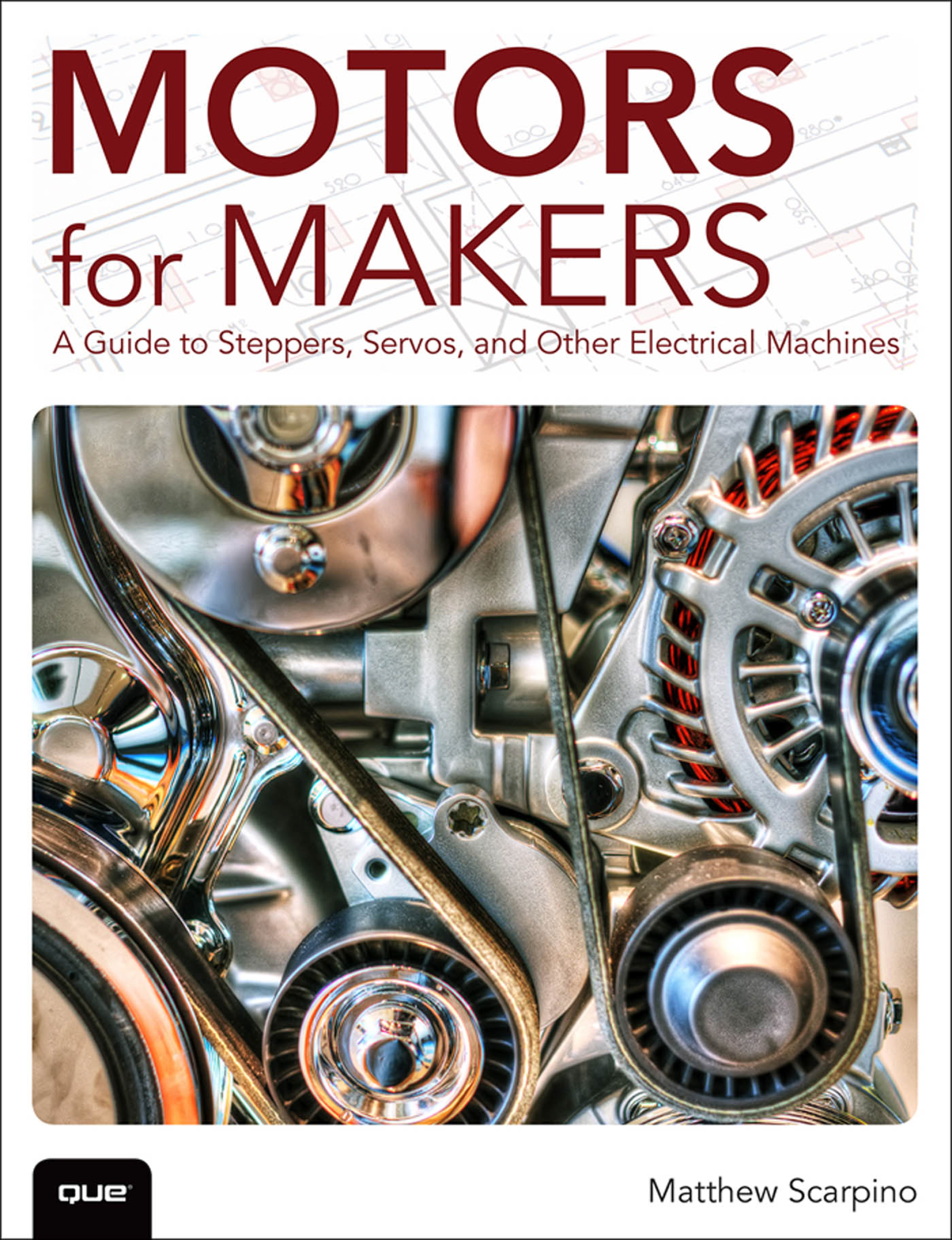
Motors for Makers Makers can do amazing things with motors. Yes, they’re more complicated than some other circuit elements, but with this book, you can completely master them. Once you do, incredible new projects become possible. Unlike other books, Motors for Makers is 100% focused on what you can do. First, Matthew Scarpino explains how electric motors work and what you need to know about each major type: stepper, servo, induction, and linear motors. Next, he presents detailed instructions and working code for interfacing with and controlling servomotors with Arduino Mega, Raspberry Pi, and BeagleBone Black. From start to finish, you’ll learn through practical examples, crystal-clear explanations, and photos. If you’ve ever dreamed of what you could do with electric motors, stop dreaming...and start making! Understand why electric motors are so versatile and how they work Choose the right motor for any project Build the circuits needed to control each type of motor Program motor control with Arduino Mega, Raspberry Pi, or BeagleBone Black Use gearmotors to get the right amount of torque Use linear motors to improve speed and precision Design a fully functional electronic speed control (ESC) circuit Design your own quadcopter Discover how electric motors work in modern electric vehicles--with a fascinating inside look at Tesla’s patents for motor design and control! The full text downloaded to your computer With eBooks you can: search for key concepts, words and phrases make highlights and notes as you study share your notes with friends eBooks are downloaded to your computer and accessible either offline through the Bookshelf (available as a free download), available online and also via the iPad and Android apps. Upon purchase, you will receive via email the code and instructions on how to access this product. Time limit The eBooks products do not have an expiry date. You will continue to access your digital ebook products whilst you have your Bookshelf installed. TECHNOLOGY & ENGINEERING,Robotics
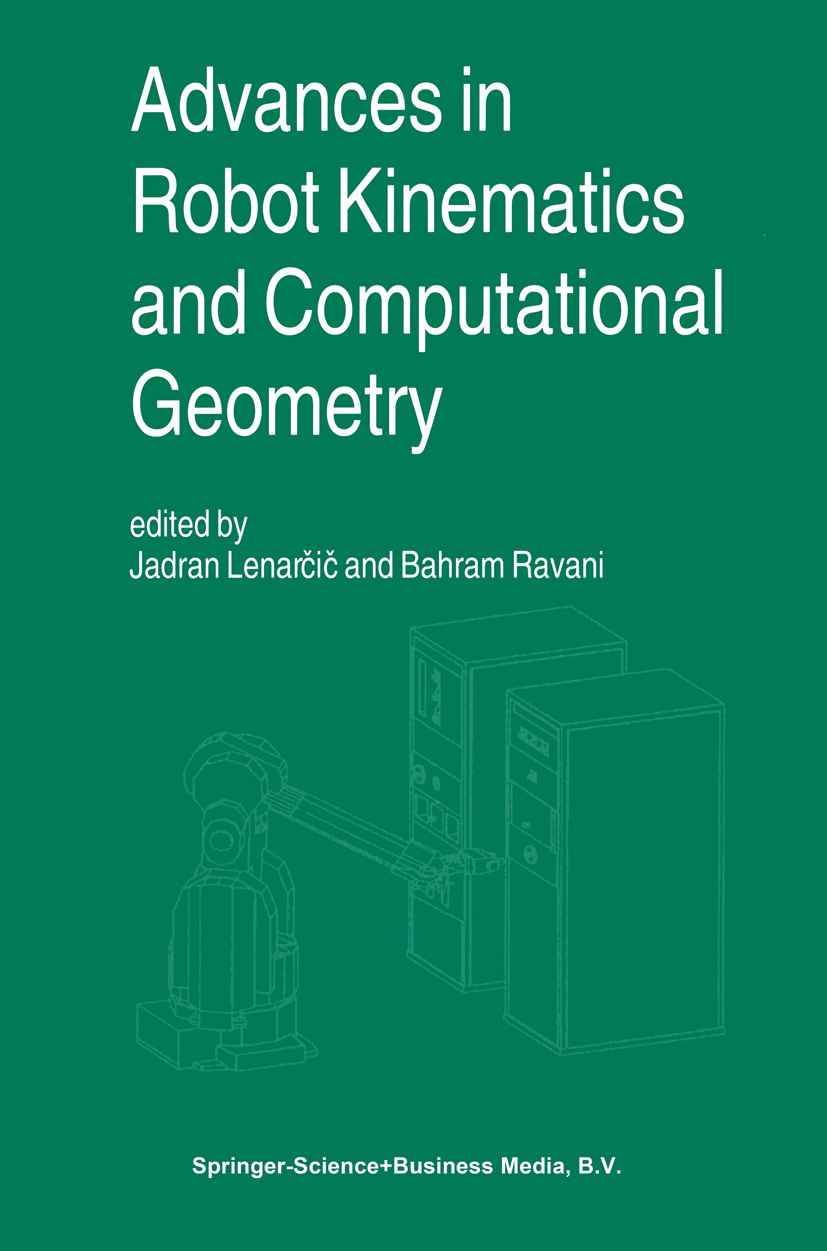
Advances in Robot Kinematics and Computational Geometry Recently, research in robot kinematics has attracted researchers with different theoretical profiles and backgrounds, such as mechanical and electrica! engineering, computer science, and mathematics. It includes topics and problems that are typical for this area and cannot easily be met elsewhere. As a result, a specialised scientific community has developed concentrating its interest in a broad class of problems in this area and representing a conglomeration of disciplines including mechanics, theory of systems, algebra, and others. Usually, kinematics is referred to as the branch of mechanics which treats motion of a body without regard to the forces and moments that cause it. In robotics, kinematics studies the motion of robots for programming, control and design purposes. It deals with the spatial positions, orientations, velocities and accelerations of the robotic mechanisms and objects to be manipulated in a robot workspace. The objective is to find the most effective mathematical forms for mapping between various types of coordinate systems, methods to minimise the numerical complexity of algorithms for real-time control schemes, and to discover and visualise analytical tools for understanding and evaluation of motion properties ofvarious mechanisms used in a robotic system. TECHNOLOGY & ENGINEERING,Robotics

Python Programming for Raspberry Pi, Sams Teach Yourself in 24 Hours Python Programming for Raspberry Pi® In just 24 sessions of one hour or less, Sams Teach Yourself Python Programming for Raspberry Pi in 24 Hours teaches you Python programming on Raspberry Pi, so you can start creating awesome projects for home automation, home theater, gaming, and more. Using this book’s straight-forward, step-by-step approach, you’ll move from the absolute basics all the way through network and web connections, multimedia, and even connecting with electronic circuits for sensing and robotics. Every lesson and case study application builds on what you’ve already learned, giving you a rock-solid foundation for real-world success! Step-by-step instructions carefully walk you through the most common Raspberry Pi Python programming tasks. Quizzes at the end of each chapter help you test your knowledge. By the Way notes present interesting information related to the discussion. Did You Know? tips offer advice or show you easier ways to perform tasks. Watch Out! cautions alert you to possible problems and give you advice on how to avoid them. Richard Blum has administered systems and networks for more than 25 years. He has published numerous Linux and open source books, and is an online instructor for web programming and Linux courses used by colleges across the United States. His books include Ubuntu Linux Secrets; Linux for Dummies, Ninth Edition; PostgreSQL 8 for Windows; and Professional Linux Programming. Christine Bresnahan began working as a systems administrator more than 25 years ago. Now an Adjunct Professor at Ivy Tech Community College, she teaches Python programming, Linux administration and computer security. She is coauthor of The Linux Bible, Eighth Edition. With Blum, she also coauthored Linux Command Line & Shell Scripting Bible, Second Edition. Get your Raspberry Pi and choose the right low-cost peripherals Set up Raspian Linux and the Python programming environment Learn Python basics, including arithmetic and structured commands Master Python 3 lists, tuples, diction-aries, sets, strings, files, and modules Reuse the same Python code in multiple locations with functions Manipulate string data efficiently with regular expressions Practice simple object-oriented programming techniques Use exception handling to make your code more reliable Program modern graphical user interfaces with Raspberry Pi and OpenGL Create Raspberry Pi games with the PyGame library Learn network, web, and database techniques you can also use in business software Write Python scripts that send email Interact with other devices through Raspberry Pi’s GPIO interface Walk through example Raspberry Pi projects that inspire you to do even more On the Web: Register your book at informit.com/title/9780672337642 for access to all code examples from the book, as well as update and corrections as they become available. TECHNOLOGY & ENGINEERING,Robotics

Make Learn how to safely build projects that burn, poof, "boosh," and flare! This complete reference and hands-on guide to working with propane explains how to create a variety of flame effects projects that can be built with common tools and materials. Starting from the basics, this book explains everything you need to know to safely work with propane. An essential reference for building projects like fire cannons, forge torches and flaming sculpture, Make: Fire explains the history, chemistry, and combustion of propane. Using that knowledge as a foundation, readers can then construct a variety of flame-based project on their own using illustrated, step-by-step instructions provided by the author. With simple tools, you can build a gorgeous flambeau, a torch capable of melting aluminum, or flame effects that ignite jaw-dropping fireballs in the sky. Focusing on safety at every step and written by a licensed Flame Effects Operator, this book provides information that has never been brought together in one place. With this guide, readers will master the fundamental components of almost all propane-based projects and develop the skills they need to create their own flame devices and artworks. TECHNOLOGY & ENGINEERING,Robotics

Practical Robotics and Mechatronics This book provides an introduction on how to successfully create practical robotics and mechatronics. Based on the author's 30 years of experience of robotics development, it contains examples of real-world robots from new underwater vehicles, ships, robotic fish and unmanned aviation robotics, to space robotics, and medical robotics. TECHNOLOGY & ENGINEERING,Robotics
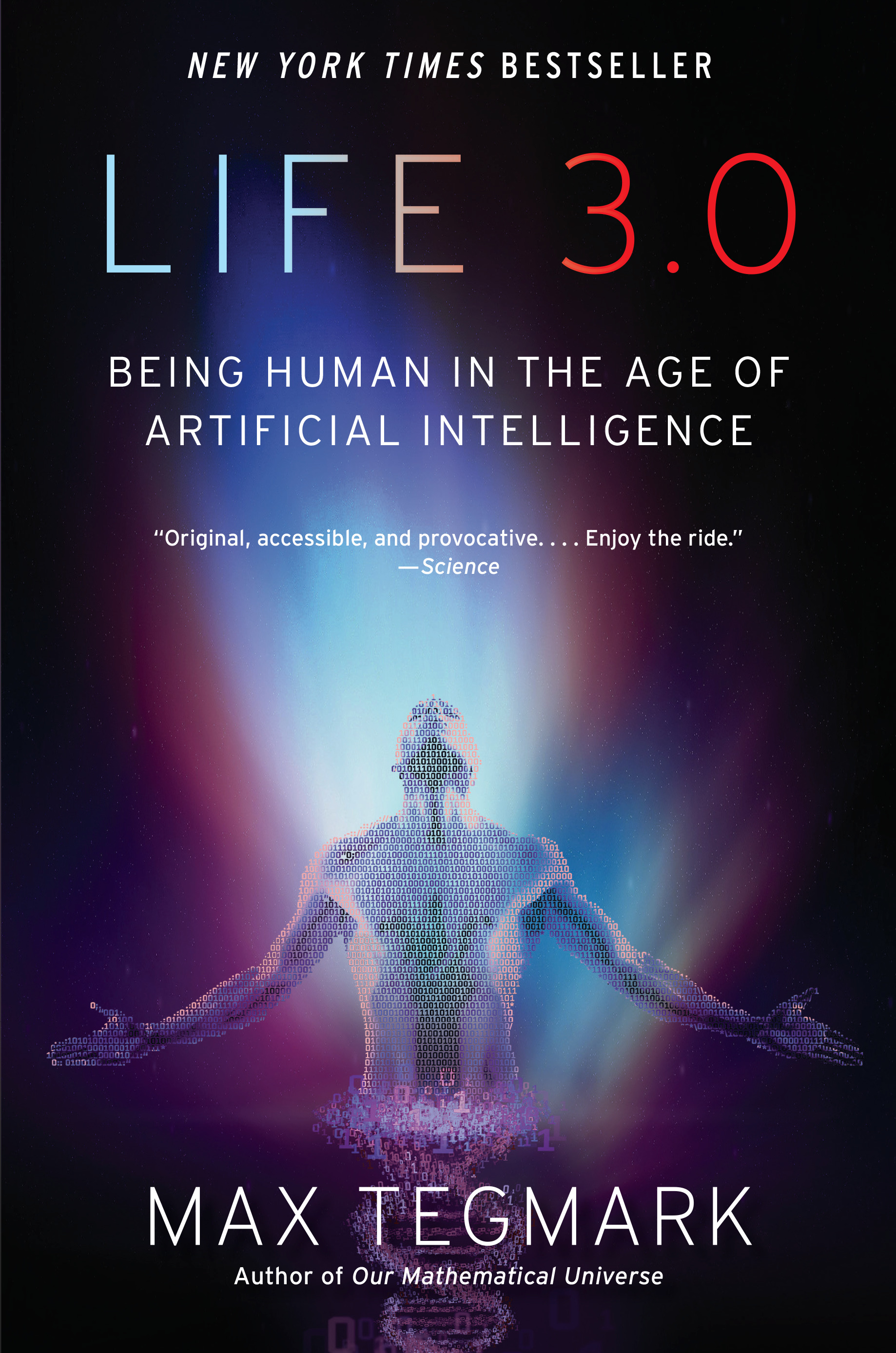
Life 3.0 New York Times Best Seller How will Artificial Intelligence affect crime, war, justice, jobs, society and our very sense of being human? The rise of AI has the potential to transform our future more than any other technology—and there’s nobody better qualified or situated to explore that future than Max Tegmark, an MIT professor who’s helped mainstream research on how to keep AI beneficial. How can we grow our prosperity through automation without leaving people lacking income or purpose? What career advice should we give today’s kids? How can we make future AI systems more robust, so that they do what we want without crashing, malfunctioning or getting hacked? Should we fear an arms race in lethal autonomous weapons? Will machines eventually outsmart us at all tasks, replacing humans on the job market and perhaps altogether? Will AI help life flourish like never before or give us more power than we can handle? What sort of future do you want? This book empowers you to join what may be the most important conversation of our time. It doesn’t shy away from the full range of viewpoints or from the most controversial issues—from superintelligence to meaning, consciousness and the ultimate physical limits on life in the cosmos. TECHNOLOGY & ENGINEERING,Robotics
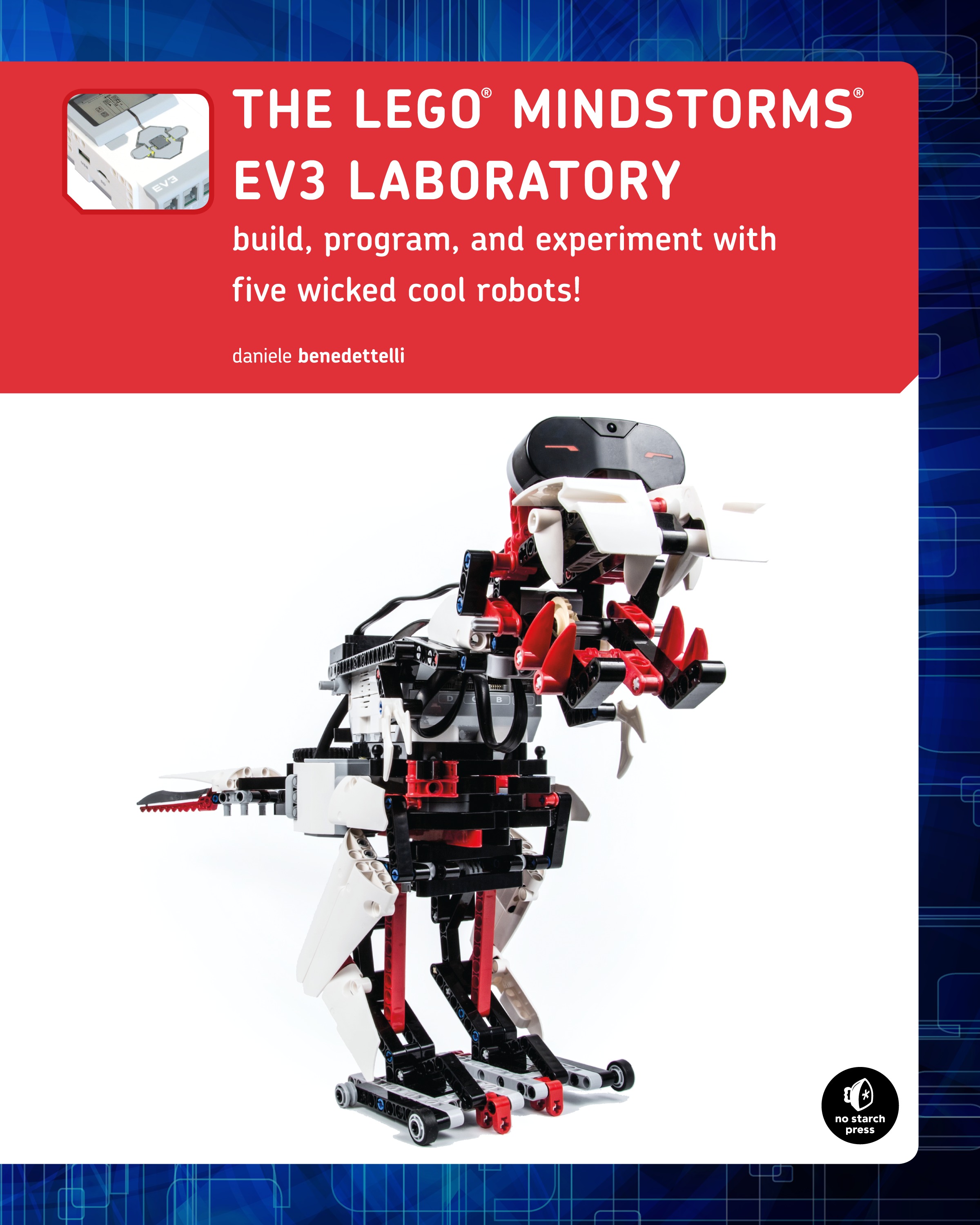
The LEGO MINDSTORMS EV3 Laboratory The LEGO® MINDSTORMS® EV3 set offers so many new and exciting features that it can be hard to know where to begin. Without the help of an expert, it could take months of experimentation to learn how to use the advanced mechanisms and numerous programming features. In The LEGO MINDSTORMS EV3 Laboratory, author Daniele Benedettelli, robotics expert and member of the elite LEGO MINDSTORMS Expert Panel, shows you how to use gears, beams, motors, sensors, and programming blocks to create sophisticated robots that can avoid obstacles, walk on two legs, and even demonstrate autonomous behavior. You’ll also dig into related math, engineering, and robotics concepts that will help you create your own amazing robots. Programming experiments throughout will challenge you, while a series of comics and countless illustrations inform the discussion and keep things fun. As you make your way through the book, you’ll build and program five wicked cool robots:–ROV3R, a vehicle you can modify to do things like follow a line, avoid obstacles, and even clean a room–WATCHGOOZ3, a bipedal robot that can be programmed to patrol a room using only the Brick Program App (no computer required!)–SUP3R CAR, a rear-wheel-drive armored car with an ergonomic two-lever remote control–SENTIN3L, a walking tripod that can record and execute color-coded sequences of commands–T-R3X, a fearsome bipedal robot that will find and chase down prey With The LEGO MINDSTORMS EV3 Laboratory as your guide, you’ll become an EV3 master in no time. Requirements: One LEGO MINDSTORMS EV3 set (LEGO SET #31313) TECHNOLOGY & ENGINEERING,Robotics
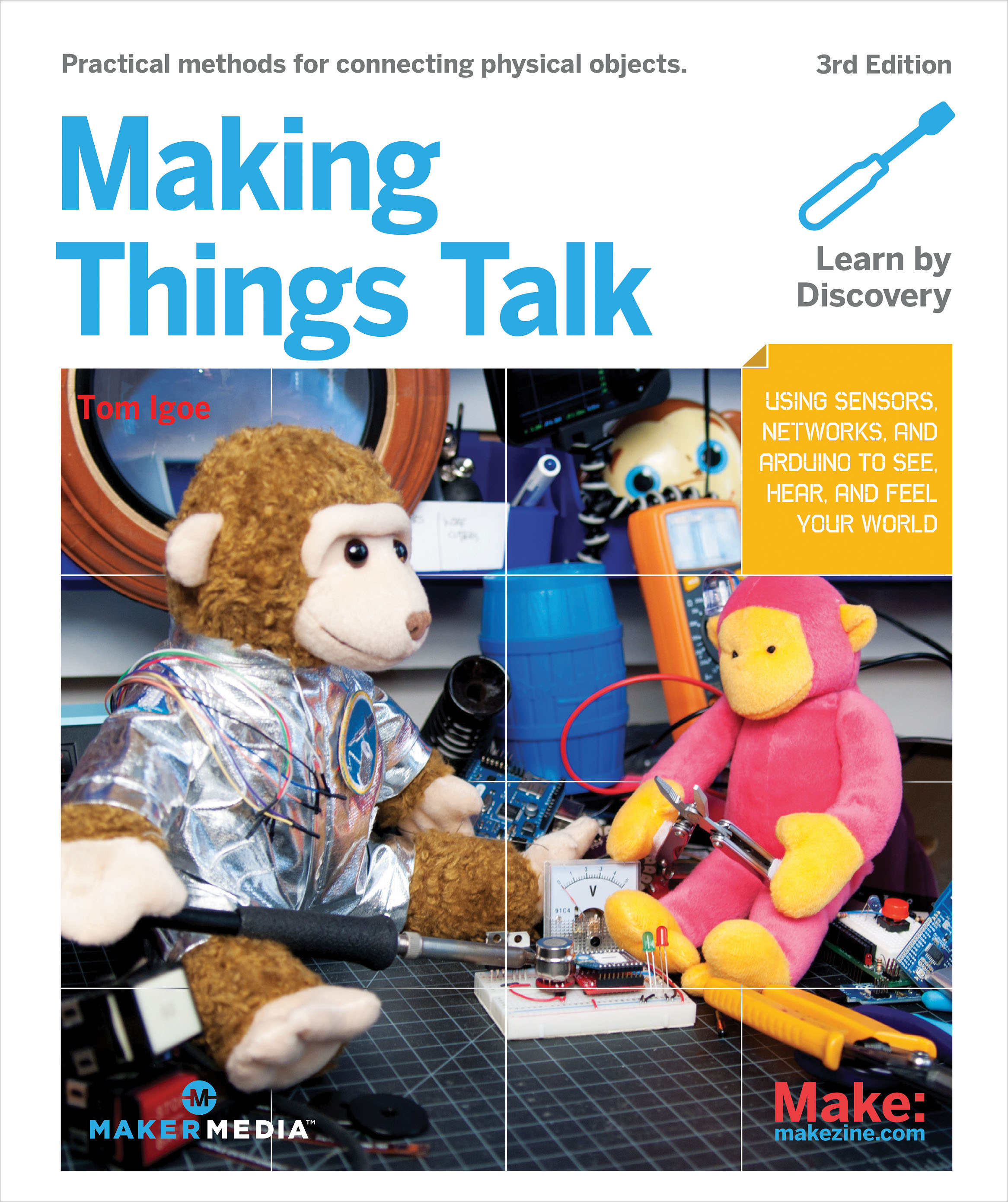
Making Things Talk The workbenches of hobbyists, hackers, and makers have become overrun with microcontrollers, computers-on-a-chip that power homebrewed video games, robots, toys, and more. In Making Things Talk, Tom Igoe, one of the creators of Arduino, shows how to make these gadgets talk. Whether you need to connect some sensors to the Internet or create a device that can interact wirelessly with other creations, this book shows you what you need. Although they are powerful, the projects in this book are inexpensive to build: the Arduino microcontroller board itself ranges from around $25 to $40. The networking hardware covered here includes Ethernet, Wi-Fi, Bluetooth, and can be had for $25 to $50. Fully updated for the latest Arduino hardware and software, this book lets you combine microcontrollers, sensors, and networking hardware to make things... and make them talk to each other! TECHNOLOGY & ENGINEERING,Robotics
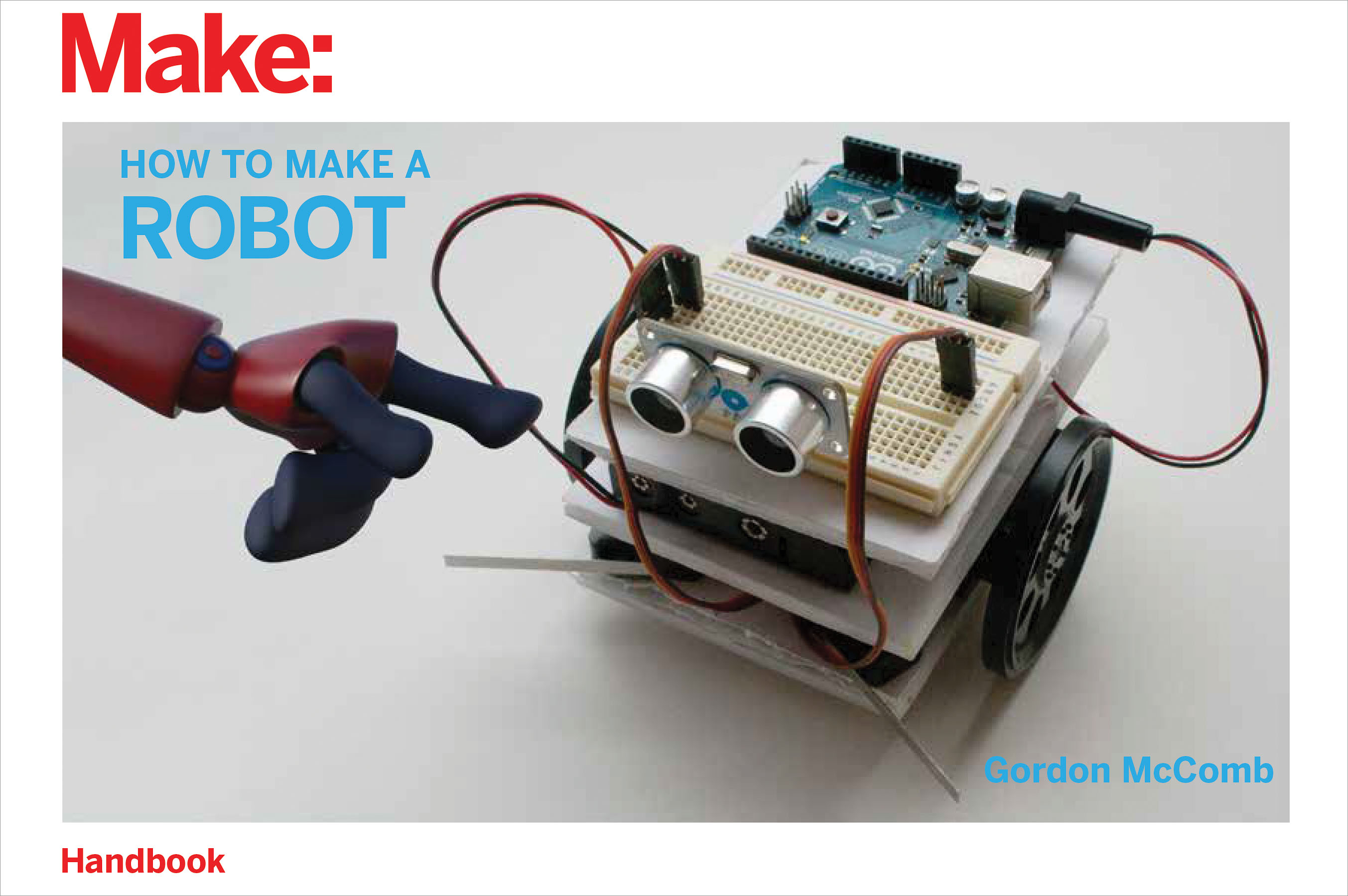
How to Make a Robot Learn the basics of modern robotics while building your own intelligent robot from scratch! You'll use inexpensive household materials to make the base for your robot, then add motors, power, wheels, and electronics. But wait, it gets better: your creation is actually five robots in one! -- build your bot in stages, and add the features you want. Vary the functions to create a robot that's uniquely yours. Mix and match features to make your own custom robot: Flexible Motorized Base -- a playpen for all kinds of programming experiments Obstacle Detector -- whiskers detect when your robot has bumped into things Object Avoider -- ultrasonic sound lets your robot see what's in front of it Infrared Remote Control -- command your robot from your easy chair Line Follower -- use optics to navigate your bot; have races with other robot builders! You will learn how switches, ultrasonics, infrared detectors, and optical sensors work. Install an Arduino microcontroller board and program your robot to avoid obstacles, provide feedback with lights and sound, and follow a tracking line. In this book you will combine multiple disciplines -- electronics, programming, and engineering -- to successfully build a multifunctional robot. You'll discover how to: construct a motorized base set up an Arduino to function as the brain use "whisker" switches to detect physical contact avoid obstacles with ultrasonic sensors teach your robot to judge distances use a universal remote to control your robot install and program a servo motor respond to input with LEDs, buzzers, and tones mount line-following sensors under your robot And more. Everything is explained with lots and lots of full-color line drawings. No prior experience is necessary. You'll have fun while you learn a ton! TECHNOLOGY & ENGINEERING,Robotics
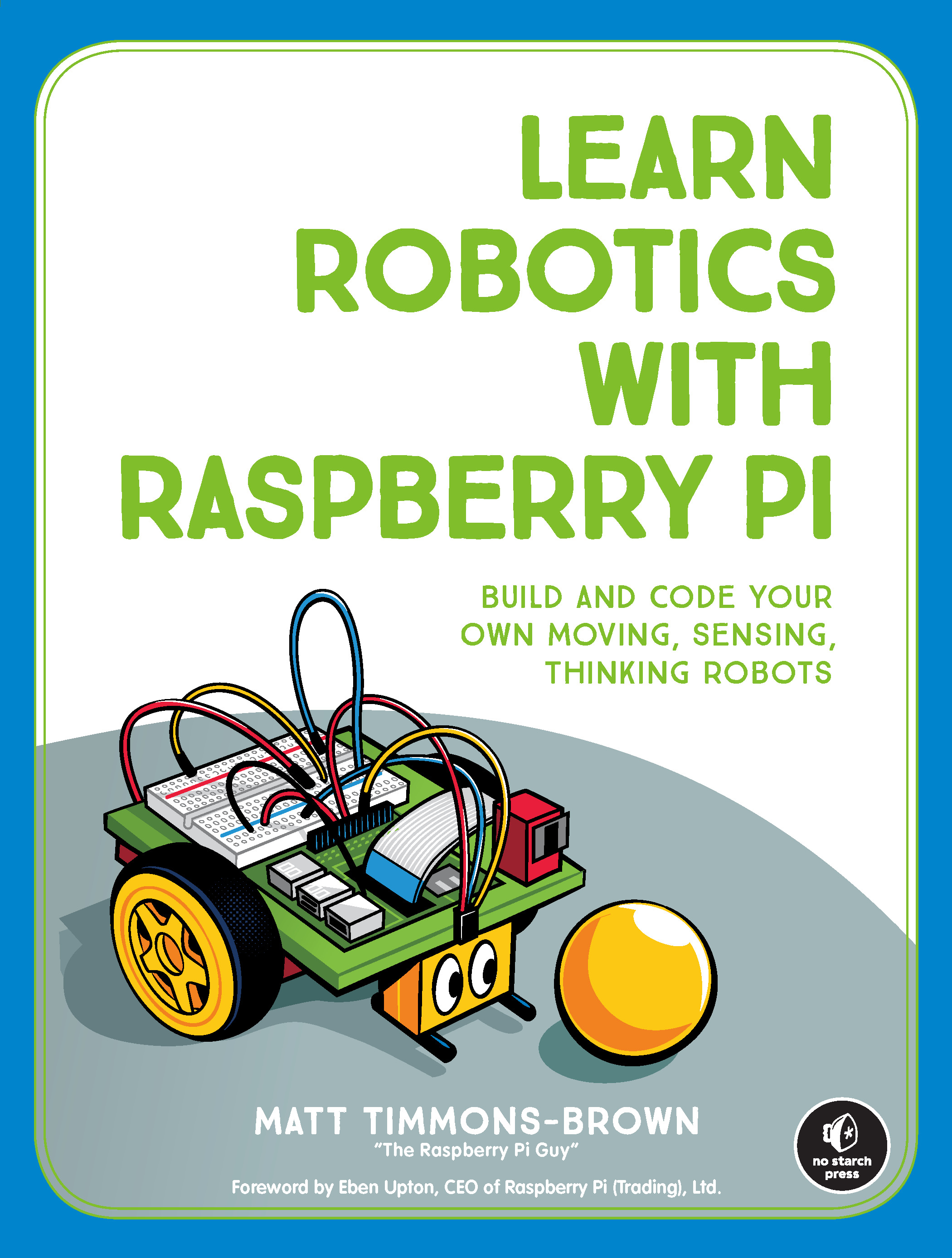
Learn Robotics with Raspberry Pi In Learn Robotics with Raspberry Pi, you'll learn how to build and code your own robot projects with just the Raspberry Pi microcomputer and a few easy-to-get components - no prior experience necessary! Learn Robotics with Raspberry Pi will take you from inexperienced maker to robot builder. You'll start off building a two-wheeled robot powered by a Raspberry Pi minicomputer and then program it using Python, the world's most popular programming language. Gradually, you'll improve your robot by adding increasingly advanced functionality until it can follow lines, avoid obstacles, and even recognize objects of a certain size and color using computer vision. Learn how to:- Control your robot remotely using only a Wii remote- Teach your robot to use sensors to avoid obstacles- Program your robot to follow a line autonomously - Customize your robot with LEDs and speakers to make it light up and play sounds- See what your robot sees with a Pi Camera As you work through the book, you'll learn fundamental electronics skills like how to wire up parts, use resistors and regulators, and determine how much power your robot needs. By the end, you'll have learned the basics of coding in Python and know enough about working with hardware like LEDs, motors, and sensors to expand your creations beyond simple robots. TECHNOLOGY & ENGINEERING,Robotics
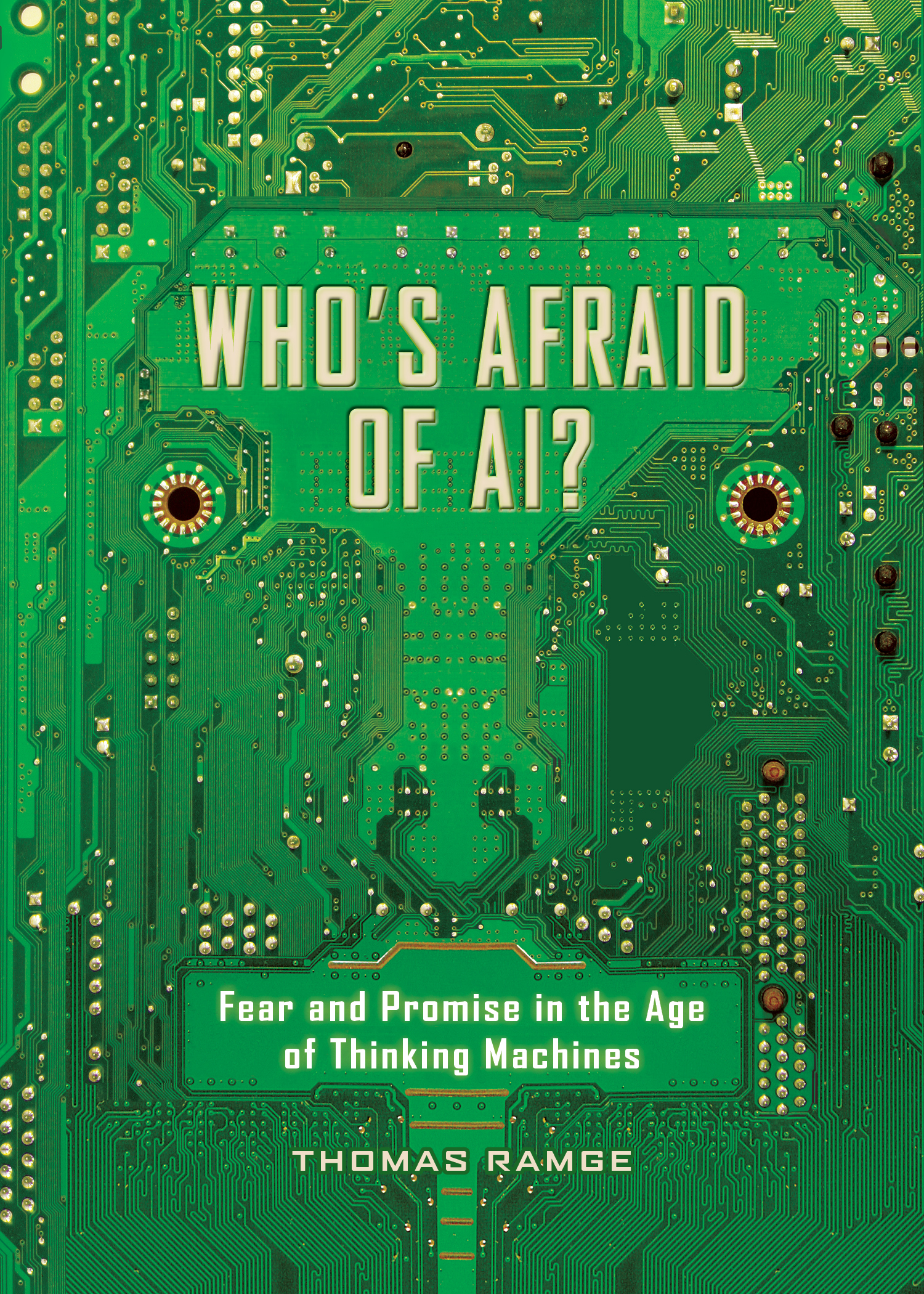
Who's Afraid of AI? A penetrating guide to artificial intelligence: what it is, what it does, and how it will change our lives At a breathtaking pace, artificial intelligence is getting better and faster at making complex decisions. AI can already identify malignant tumors on CT scans, give legal advice, out-bluff the best poker players in the world, and, with ever-increasing skill, drive our cars. In Who’s Afraid of AI?, award-winning author Thomas Ramge expertly explains how machines are learning to learn, and he questions what today’s explosion of AI capability could mean for tomorrow: Is it ethical to allow robots—endlessly patient—to replace human caregivers in providing comfort and companionship to the elderly? Since AI feeds on big data, can we prevent its misuse by corporations or the government? Will AI ever be capable of runaway self-improvement? And if “the singularity” does arrive, with AI’s intelligence exponentially outpacing our own, what will become of us when, in many ways, we’re obsolete? TECHNOLOGY & ENGINEERING,Robotics
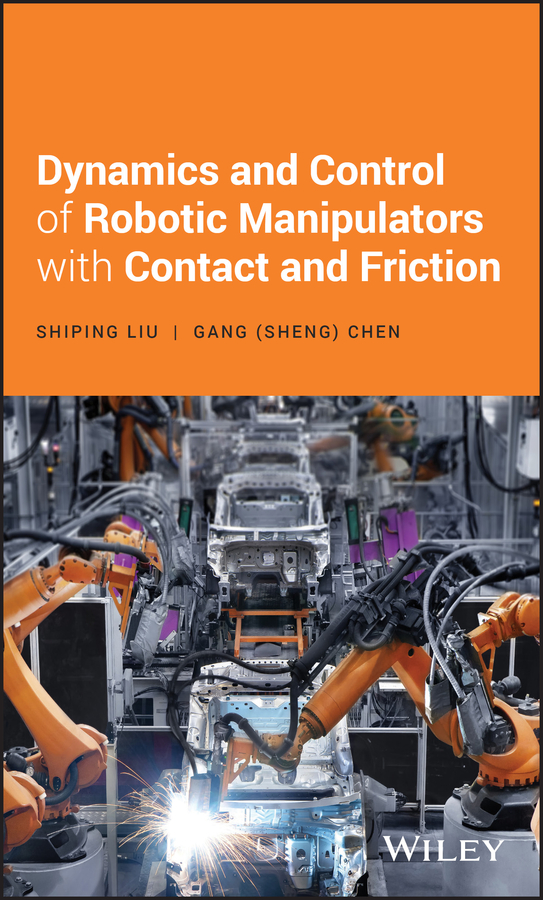
Dynamics and Control of Robotic Manipulators with Contact and Friction A comprehensive guide to the friction, contact and impact on robot control and force feedback mechanism Dynamics and Control of Robotic Manipulators with Contact and Friction offers an authoritative guide to the basic principles of robot dynamics and control with a focus on contact and friction. The authors discuss problems in interaction between human and real or virtual robot where dynamics with friction and contact are relevant. The book fills a void in the literature with a need for a text that considers the contact and friction generated in robot joints during their movements. Designed as a practical resource, the text provides the information needed for task planning in view of contact, impact and friction for the designer of a robot control system for high accuracy and long durability. The authors include a review of the most up-to-date advancements in robot dynamics and control. It contains a comprehensive resource to the effective design and fabrication of robot systems and components for engineering and scientific purposes. This important guide: Offers a comprehensive reference with systematic treatment and a unified framework Includes simulation and experiments used in dynamics and control of robot considering contact, impact and friction Discusses the most current tribology methodology used to treat the multiple–scale effects Contains valuable descriptions of experiments and software used Presents illustrative accounts on the methods employed to handle friction in the closed loop, including the principles, implementation, application scope, merits and demerits Offers a cohesive treatment that covers tribology and multi-scales, multi-physics and nonlinear stochastic dynamics control Written for graduate students of robotics, mechatronics, mechanical engineering, tracking control and practicing professionals and industrial researchers, Dynamics and Control of Robotic Manipulators with Contact and Friction offers a review to effective design and fabrication of stable and durable robot system and components. TECHNOLOGY & ENGINEERING,Robotics

Human Compatible "The most important book on AI this year." --The Guardian "Mr. Russell's exciting book goes deep, while sparkling with dry witticisms." -- The Wall Street Journal "The most important book I have read in quite some time" (Daniel Kahneman); "A must-read" (Max Tegmark); "The book we've all been waiting for" (Sam Harris) A leading artificial intelligence researcher lays out a new approach to AI that will enable us to coexist successfully with increasingly intelligent machines In the popular imagination, superhuman artificial intelligence is an approaching tidal wave that threatens not just jobs and human relationships, but civilization itself. Conflict between humans and machines is seen as inevitable and its outcome all too predictable. In this groundbreaking book, distinguished AI researcher Stuart Russell argues that this scenario can be avoided, but only if we rethink AI from the ground up. Russell begins by exploring the idea of intelligence in humans and in machines. He describes the near-term benefits we can expect, from intelligent personal assistants to vastly accelerated scientific research, and outlines the AI breakthroughs that still have to happen before we reach superhuman AI. He also spells out the ways humans are already finding to misuse AI, from lethal autonomous weapons to viral sabotage. If the predicted breakthroughs occur and superhuman AI emerges, we will have created entities far more powerful than ourselves. How can we ensure they never, ever, have power over us? Russell suggests that we can rebuild AI on a new foundation, according to which machines are designed to be inherently uncertain about the human preferences they are required to satisfy. Such machines would be humble, altruistic, and committed to pursue our objectives, not theirs. This new foundation would allow us to create machines that are provably deferential and provably beneficial. TECHNOLOGY & ENGINEERING,Robotics
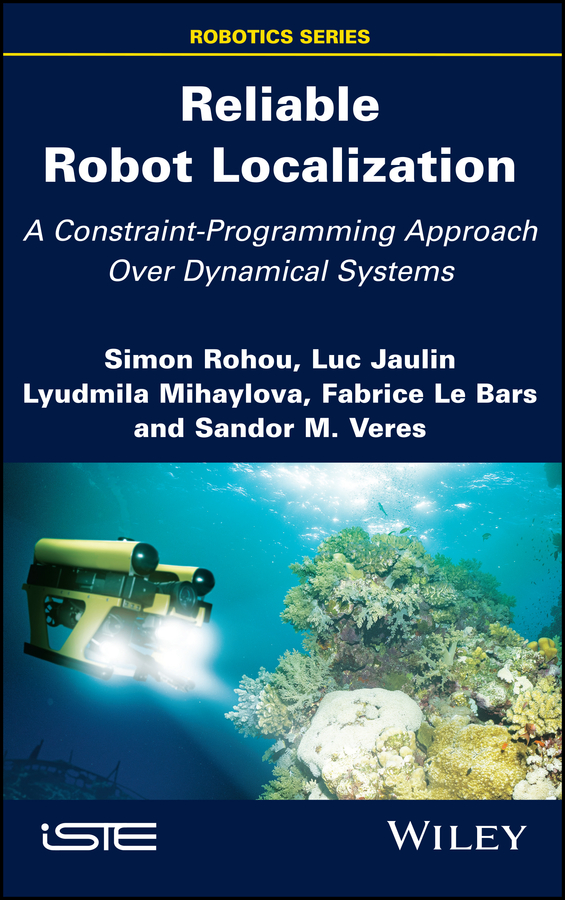
Reliable Robot Localization Localization for underwater robots remains a challenging issue. Typical sensors, such as Global Navigation Satellite System (GNSS) receivers, cannot be used under the surface and other inertial systems suffer from a strong integration drift. On top of that, the seabed is generally uniform and unstructured, making it difficult to apply Simultaneous Localization and Mapping (SLAM) methods to perform localization. Reliable Robot Localization presents an innovative new method which can be characterized as a raw-data SLAM approach. It differs from extant methods by considering time as a standard variable to be estimated, thus raising new opportunities for state estimation, so far underexploited. However, such temporal resolution is not straightforward and requires a set of theoretical tools in order to achieve the main purpose of localization. This book not only presents original contributions to the field of mobile robotics, it also offers new perspectives on constraint programming and set-membership approaches. It provides a reliable contractor programming framework in order to build solvers for dynamical systems. This set of tools is illustrated throughout this book with realistic robotic applications. TECHNOLOGY & ENGINEERING,Robotics

Mobile Robots Presents the normal kinematic and dynamic equations for robots, including mobile robots, with coordinate transformations and various control strategies This fully updated edition examines the use of mobile robots for sensing objects of interest, and focus primarily on control, navigation, and remote sensing. It also includes an entirely new section on modeling and control of autonomous underwater vehicles (AUVs), which exhibits unique complex three-dimensional dynamics. Mobile Robots: Navigation, Control and Sensing, Surface Robots and AUVs, Second Edition starts with a chapter on kinematic models for mobile robots. It then offers a detailed chapter on robot control, examining several different configurations of mobile robots. Following sections look at robot attitude and navigation. The application of Kalman Filtering is covered. Readers are also provided with a section on remote sensing and sensors. Other chapters discuss: target tracking, including multiple targets with multiple sensors; obstacle mapping and its application to robot navigation; operating a robotic manipulator; and remote sensing via UAVs. The last two sections deal with the dynamics modeling of AUVs and control of AUVs. In addition, this text: Includes two new chapters dealing with control of underwater vehicles Covers control schemes including linearization and use of linear control design methods, Lyapunov stability theory, and more Addresses the problem of ground registration of detected objects of interest given their pixel coordinates in the sensor frame Analyzes geo-registration errors as a function of sensor precision and sensor pointing uncertainty Mobile Robots: Navigation, Control and Sensing, Surface Robots and AUVs is intended for use as a textbook for a graduate course of the same title and can also serve as a reference book for practicing engineers working in related areas. TECHNOLOGY & ENGINEERING,Robotics
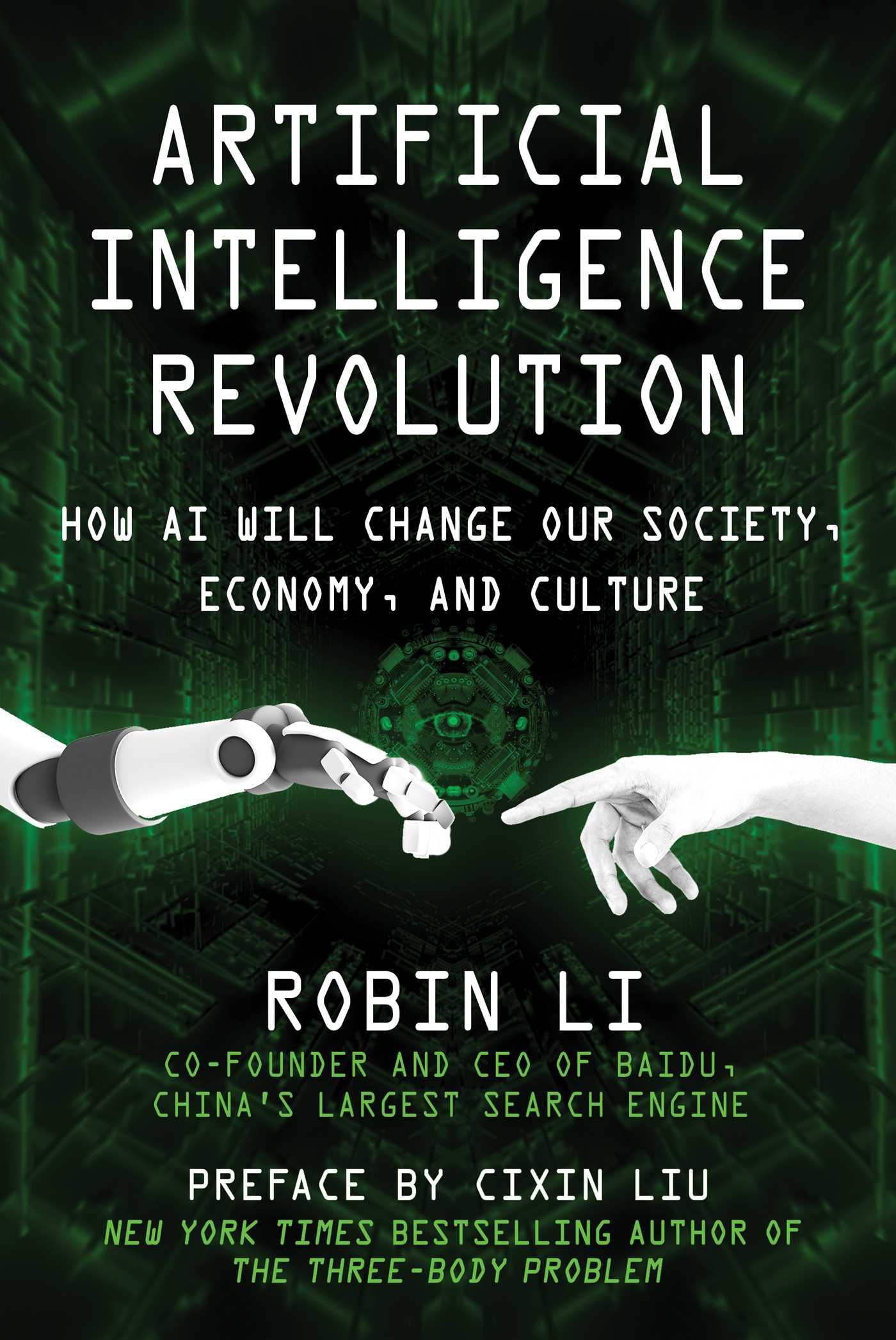
Artificial Intelligence Revolution The co-founder of Baidu explains how AI will transform human livelihood, from our economy and financial systems down to our daily lives. Written by Baidu cofounder Robin Li and prefaced by award-winning sci-fi writer Cixin Liu (author of The Three-Body Problem), Artificial Intelligence Revolution introduces Baidu’s teams of top scientists and management as pioneers of movement toward AI. The book covers many of the latest AI-related ideas and technological developments, such as: Computational ability Big data resources Setting the basic standards of AI in research and development An introduction to the “super brain†Intelligent manufacturing Deep learning L4 automated vehicles Smart finance The book describes the emergence of a “smart†society powered by technology and reflects on the challenges humanity is about to face. Li covers the most pressing AI-related ideas and technological developments, including: Will artificial intelligence replace human workers, and in what sectors of the economy? How will it affect healthcare and finance? How will daily human life change? Robin Li’s Artificial Intelligence Revolution addresses these questions and more from the perspective of a pioneer of AI development. It's a must-read for anyone concerned about the emergence of a “smart†society powered by technology and the challenges humanity is about to face. TECHNOLOGY & ENGINEERING,Robotics

Algorithmic Foundations of Robotics XII This book presents the outcomes of the 12th International Workshop on the Algorithmic Foundations of Robotics (WAFR 2016). WAFR is a prestigious, single-track, biennial international meeting devoted to recent advances in algorithmic problems in robotics. Robot algorithms are an important building block of robotic systems and are used to process inputs from users and sensors, perceive and build models of the environment, plan low-level motions and high-level tasks, control robotic actuators, and coordinate actions across multiple systems. However, developing and analyzing these algorithms raises complex challenges, both theoretical and practical. Advances in the algorithmic foundations of robotics have applications to manufacturing, medicine, distributed robotics, human–robot interaction, intelligent prosthetics, computer animation, computational biology, and many other areas. The 2016 edition of WAFR went back to its roots and was held in San Francisco, California – the city where the very first WAFR was held in 1994. Organized by Pieter Abbeel, Kostas Bekris, Ken Goldberg, and Lauren Miller, WAFR 2016 featured keynote talks by John Canny on “A Guided Tour of Computer Vision, Robotics, Algebra, and HCI,†Erik Demaine on “Replicators, Transformers, and Robot Swarms: Science Fiction through Geometric Algorithms,†Dan Halperin on “From Piano Movers to Piano Printers: Computing and Using Minkowski Sums,†and by Lydia Kavraki on “20 Years of Sampling Robot Motion.†Furthermore, it included an Open Problems Session organized by Ron Alterovitz, Florian Pokorny, and Jur van den Berg. There were 58 paper presentations during the three-day event. The organizers would like to thank the authors for their work and contributions, the reviewers for ensuring the high quality of the meeting, the WAFR Steering Committee led by Nancy Amato as well as WAFR’s fiscal sponsor, the International Federation of Robotics Research (IFRR), led by Oussama Khatib and Henrik Christensen. WAFR 2016 was an enjoyable and memorable event. TECHNOLOGY & ENGINEERING,Robotics
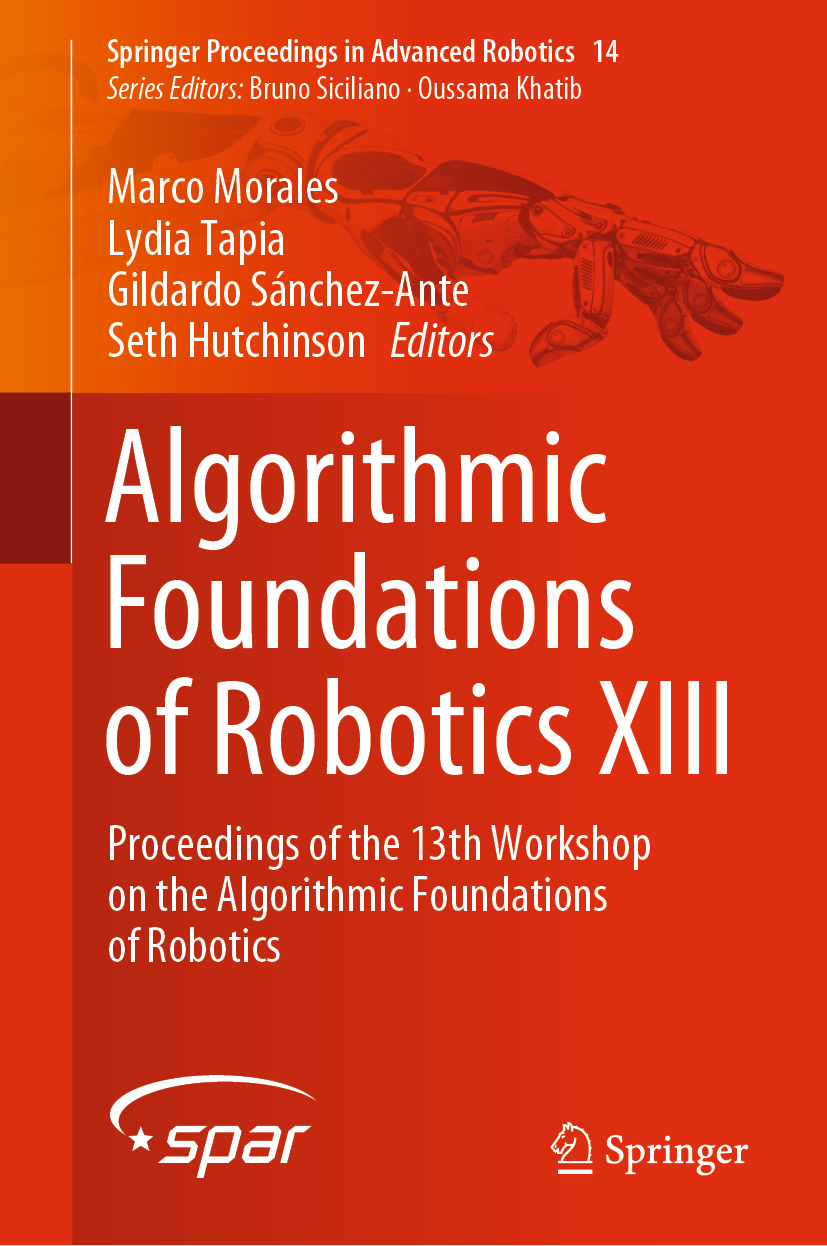
Algorithmic Foundations of Robotics XIII This book gathers the outcomes of the thirteenth Workshop on the Algorithmic Foundations of Robotics (WAFR), the premier event for showcasing cutting-edge research on algorithmic robotics. The latest WAFR, held at Universidad Politécnica de Yucatán in Mérida, México on December 9–11, 2018, continued this tradition. This book contains fifty-four papers presented at WAFR, which highlight the latest research on fundamental algorithmic robotics (e.g., planning, learning, navigation, control, manipulation, optimality, completeness, and complexity) demonstrated through several applications involving multi-robot systems, perception, and contact manipulation. Addressing a diverse range of topics in papers prepared by expert contributors, the book reflects the state of the art and outlines future directions in the field of algorithmic robotics. TECHNOLOGY & ENGINEERING,Robotics
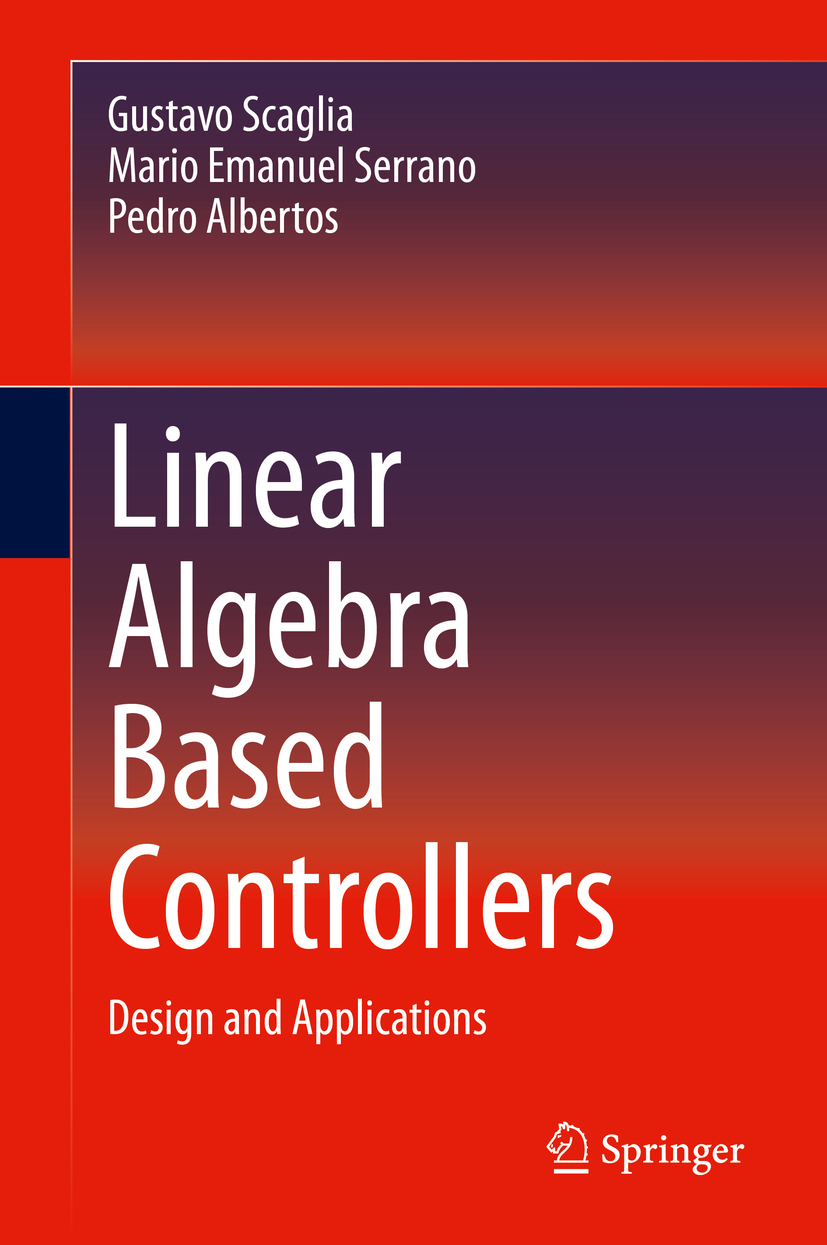
Linear Algebra Based Controllers This book summarizes the application of linear algebra-based controllers (LABC) for trajectory tracking for practitioners and students across a range of engineering disciplines. It clarifies the necessary steps to apply this straight-forward technique to a non-linear multivariable system, dealing with continuous or discrete time models, and outlines the steps to implement such controllers. In this book, the authors present an approach of the trajectory tracking problem in systems with dead time and in the presence of additive uncertainties and environmental disturbances. Examples of applications of LABC to systems in real operating conditions (mobile robots, marine vessels, quadrotor and pvtol aircraft, chemical reactors and First Order Plus Dead Time systems) illustrate the controller design in such a way that the reader attains an understanding of LABC. TECHNOLOGY & ENGINEERING,Robotics
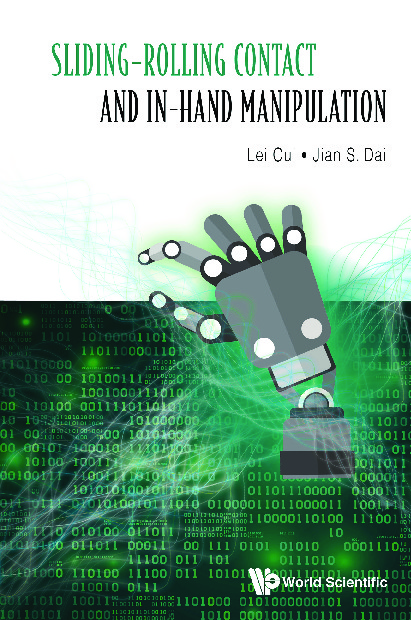
Sliding-rolling Contact And In-hand Manipulation Robots interact with the world through curves and surfaces — the subjects of study in differential geometry. This book applies the moving-frame method, developed extensively by Élie Cartan, and the adjoint approach, conceived by Ernesto Cesà ro, to study the kinematics of two surfaces subject to rolling contact and sliding-rolling contact to demonstrate the applications in robotic in-hand manipulation.Firstly, it explores two surfaces, and the geometry of both surfaces comes into play. Secondly, the book focuses on the geometry of the two surfaces within the encompassing space (extrinsic) rather than within the surfaces (intrinsic) because the book is concerned with the kinematics of one surface in three-dimensional Euclidean space — the real world. The book then concludes by applying this approach in robotic in-hand manipulation in the last chapter. TECHNOLOGY & ENGINEERING,Robotics
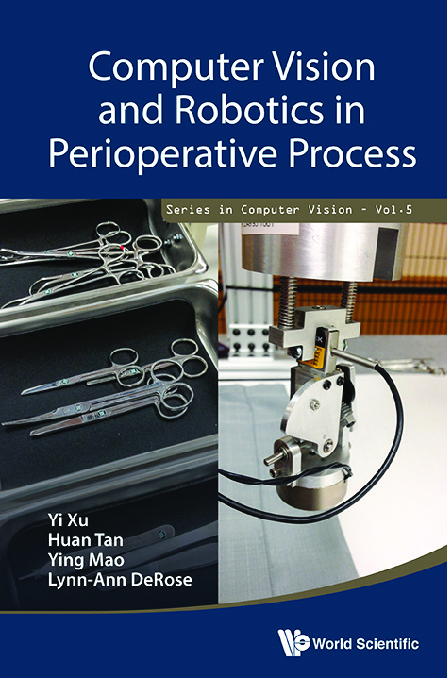
Computer Vision And Robotics In Perioperative Process This invaluable compendium highlights the challenges of perioperative process in hospitals today. It delves into the development of a multi-agent robotic system where a dirty-side robot that sorts instruments returned from a surgical room into different containers for easy scrubbing, a Traybot that navigates the environment and transports the instrument containers to different stations, a clean-side robot that picks up instruments and places them in surgical kits, and an orchestration software architecture that manages the cooperation between different robots.The book discusses the technical details of all the components, from system architecture to the details of the end-effector design. Readers will gain significant knowledge on how such a system was put together.Related Link(s) TECHNOLOGY & ENGINEERING,Robotics
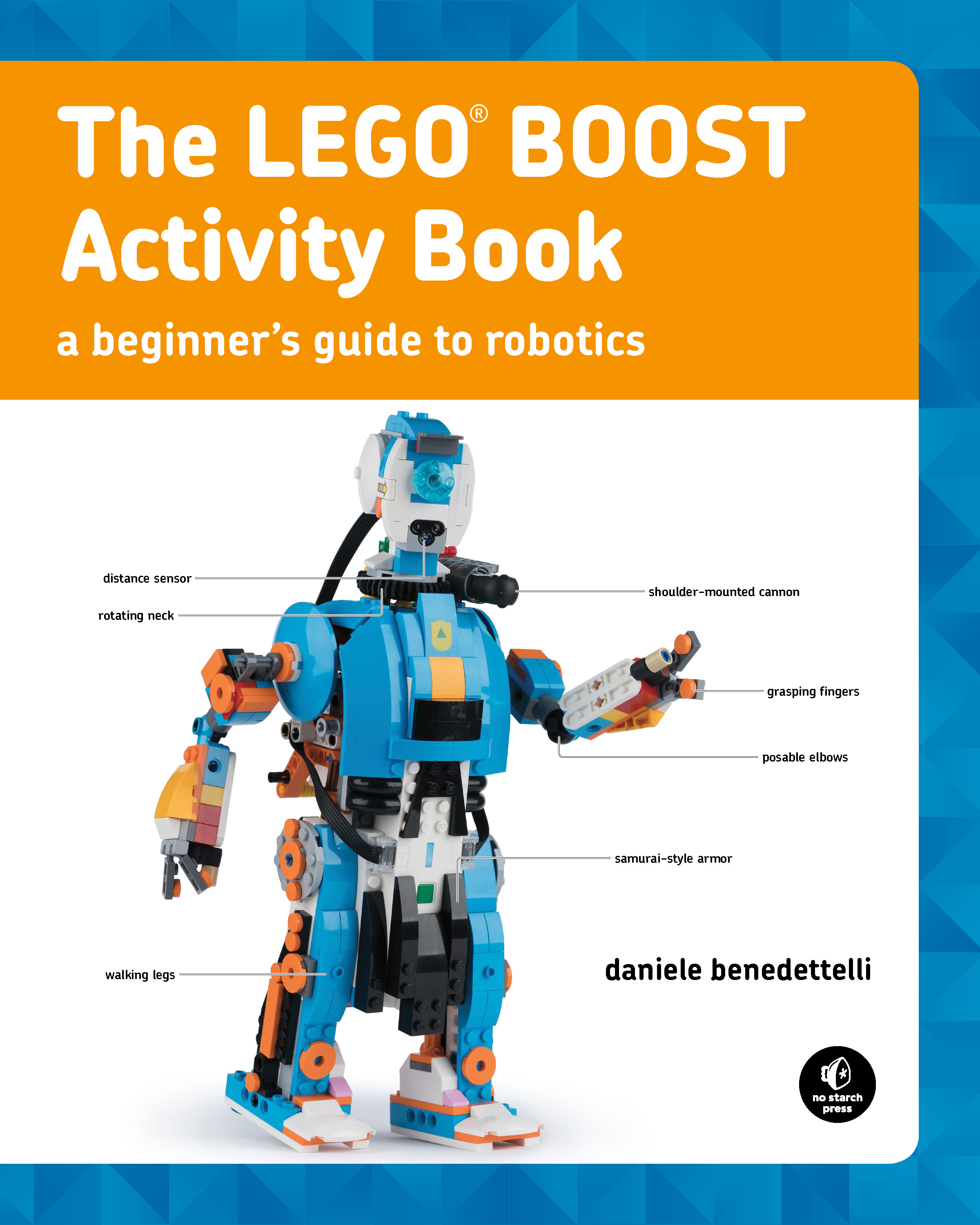
The LEGO BOOST Activity Book At last, fans of the LEGO BOOST robot building kit have the learning resource they've been missing! Enter The LEGO BOOST Activity Book: a full-color guide that will help readers learn how to build and code LEGO creations that move, explore their environment, grab and lift objects, and more. The LEGO BOOST kit lets younger builders create fun, multifunctional robots by combining bricks with code, but it doesn't come with a manual. With the help of this complete guide to the LEGO BOOST set, you'll be on your way to building and programming BOOST robots in no time. You'll begin your exploration by building a basic rover robot called MARIO to help you learn the fundamentals of the BOOST programming environment. Next, you'll add features to your rover to control its movement and make it repeat actions and react to colors and sounds. Once you've learned some programming basics, you'll learn how to program your robot to do things like follow lines on the ground, scan its environment to decide where to go, and even play darts. As final projects, you'll create two complete robots: BrickPecker to help you organize your bricks and CYBOT, a robot that talks, shoots objects, and executes voice commands. As you advance through the book, optional lessons aim to deepen your understanding of basic robotics concepts. Brain BOOSter sections let you dig into the math and engineering behind your builds while a host of experiments seek to test your skills and encourage you to do more with your robots. With countless illustrations, extensive explanations, and a wealth of coding examples to guide you, The LEGO BOOST Activity Book is sure to take you from beginning builder to robotics whiz and give your robot-building brain that needed boost! TECHNOLOGY & ENGINEERING,Robotics
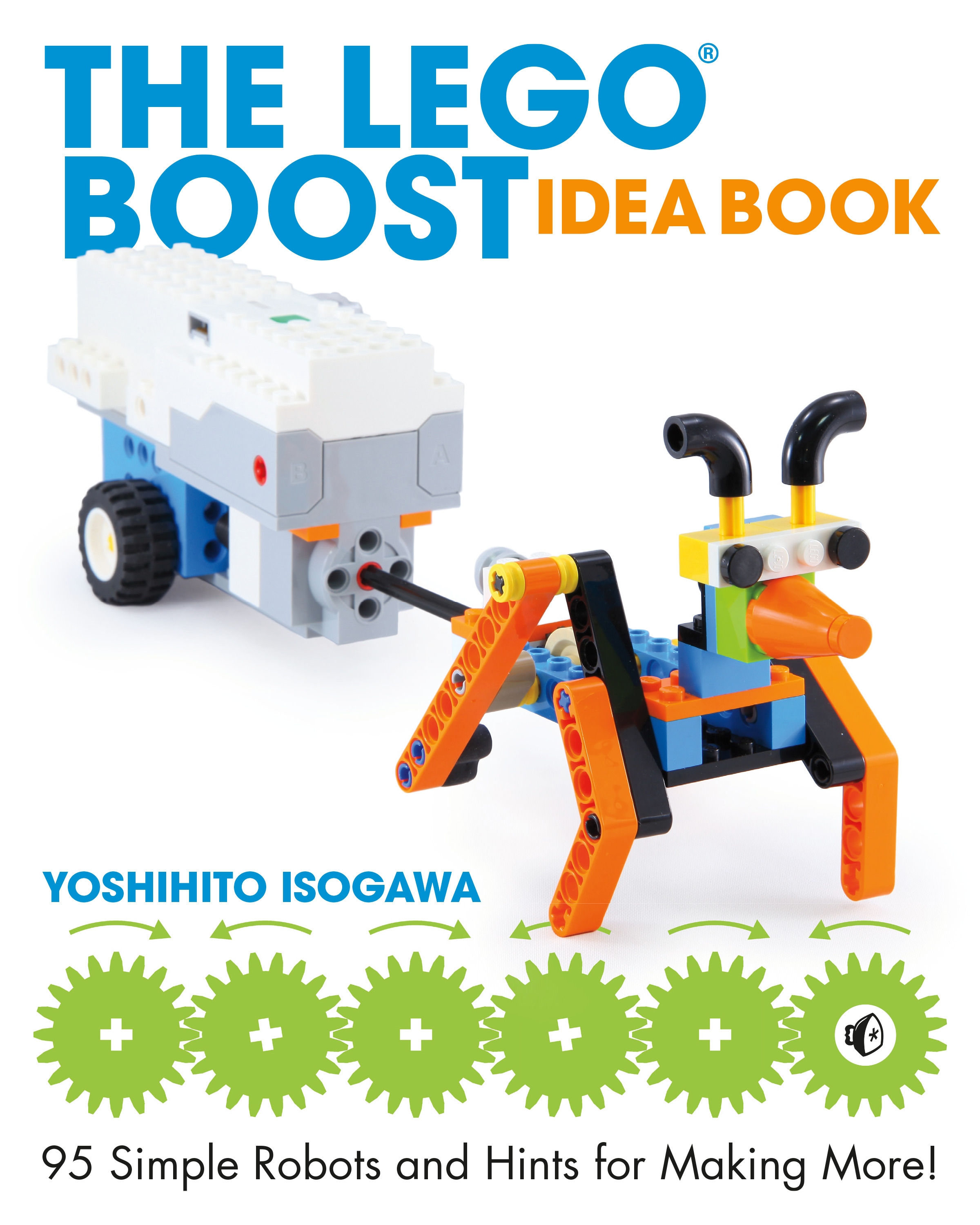
The LEGO BOOST Idea Book The LEGO® BOOST® Idea Book contains dozens of ideas for building simple robots with the LEGO BOOST set. The LEGO® BOOST® Idea Book explores 95 creative ways to build simple robots with the LEGO BOOST set. Each model includes a parts list, minimal text, screenshots of programs, and colorful photographs from multiple angles so you can re-create it without step-by-step instructions. You'll learn to build robots that can walk and crawl, shoot and grab objects, and even draw using a pen! Each model demonstrates handy mechanical principles that you can use to come up with your own creations. Models come with building hints and ideas for putting your own spin on things. Best of all, every part you need to build these models comes in the LEGO BOOST Creative Toolbox (set #17101). TECHNOLOGY & ENGINEERING,Robotics
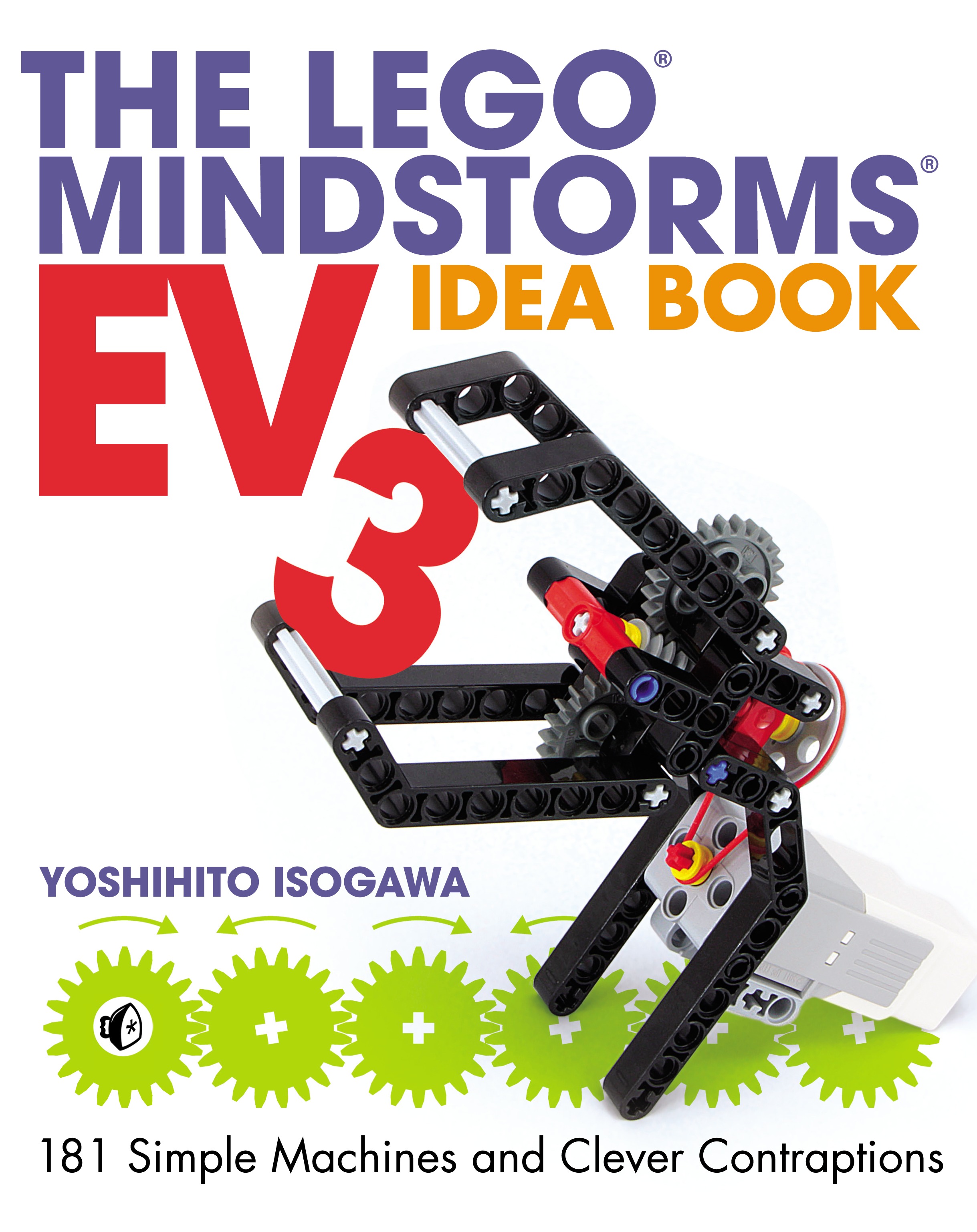
The LEGO MINDSTORMS EV3 Idea Book The LEGO® MINDSTORMS® EV3 Idea Book explores dozens of creative ways to build amazing mechanisms with the LEGO MINDSTORMS EV3 set. Each model includes a list of the required parts, minimal text, and colorful photographs from multiple angles so you can re-create it without the need for step-by-step instructions. You’ll learn to build cars with real suspension, steerable crawlers, ball-shooters, grasping robotic arms, and other creative marvels. Each model demonstrates simple mechanical principles that you can use as building blocks for your own creations. Best of all, every part you need to build these machines comes in one LEGO set (#31313)! TECHNOLOGY & ENGINEERING,Robotics

The LEGO Power Functions Idea Book, Volume 1 This first volume of The LEGO Power Functions Idea Book, Machines and Mechanisms, showcases small projects to build with LEGO Technic gears, motors, gadgets, and other moving elements. You’ll find hundreds of clever, buildable mechanisms, each one demonstrating a key building technique or mechanical principle. You’ll learn to build sliding doors, grasping claws, rack-and-pinion mechanisms, and ball-shooting devices of every sort! Each model includes a list of required parts and colorful photographs that guide you through the build without the need for step-by-step instructions. As you build, you’ll explore the principles of simple machines, gear systems, power translation, and more. TECHNOLOGY & ENGINEERING,Robotics
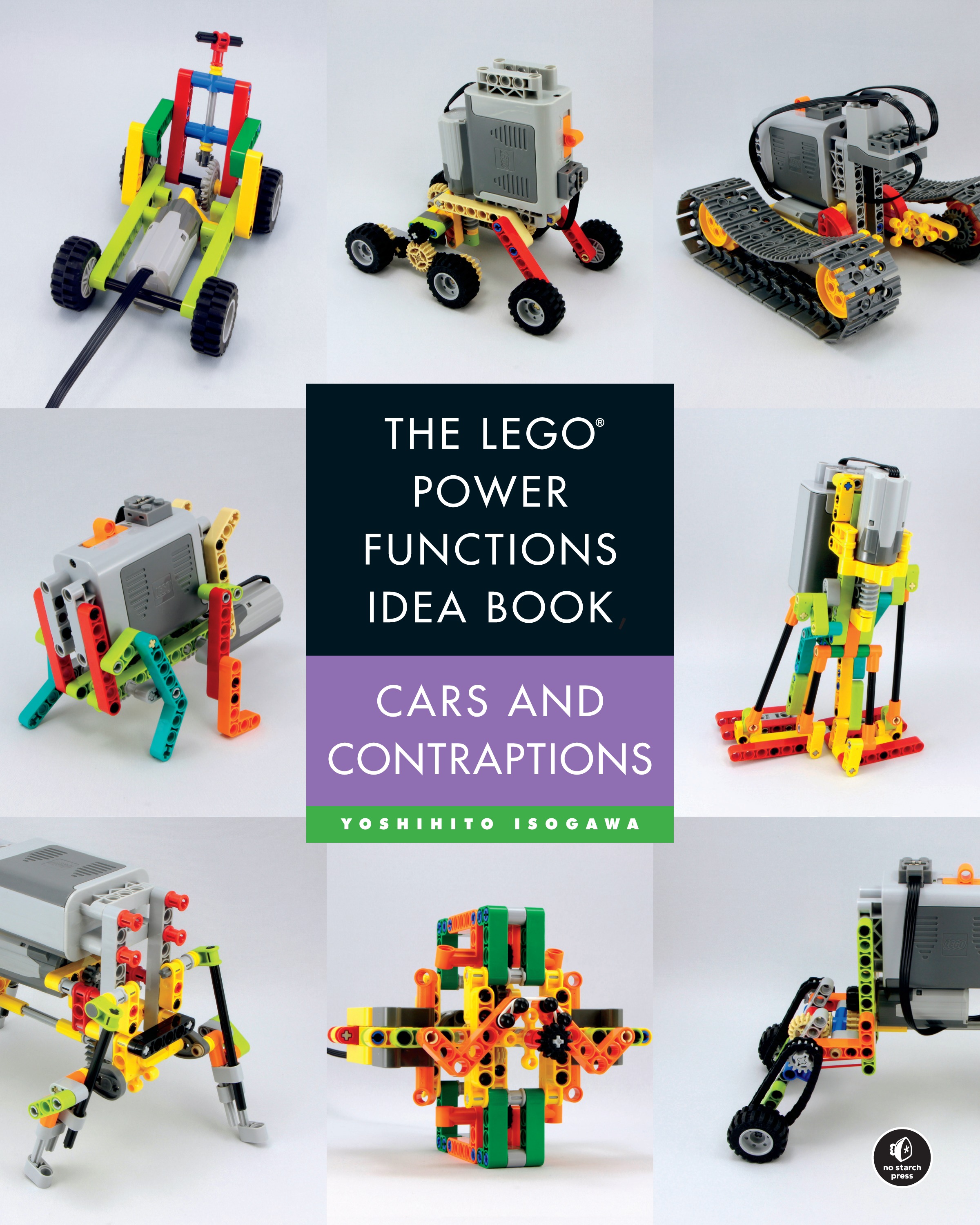
The LEGO Power Functions Idea Book, Volume 2 This second volume of The LEGO Power Functions Idea Book, Cars and Contraptions, showcases small projects to build with LEGO Technic gears, motors, gadgets, and other moving elements. You’ll find hundreds of clever, buildable mechanisms, each one demonstrating a key building technique or mechanical principle. You’ll learn to build four-wheel drive cars, adorable walking ‘bots, steerable tanks, robotic inchworms, and cars that can follow the edge of a table! Each model includes a list of required parts and colorful photographs that guide you through the build without the need for step-by-step instructions. As you build, you’ll explore the principles of gear systems, power translation, differentials, suspensions, and more. TECHNOLOGY & ENGINEERING,Robotics
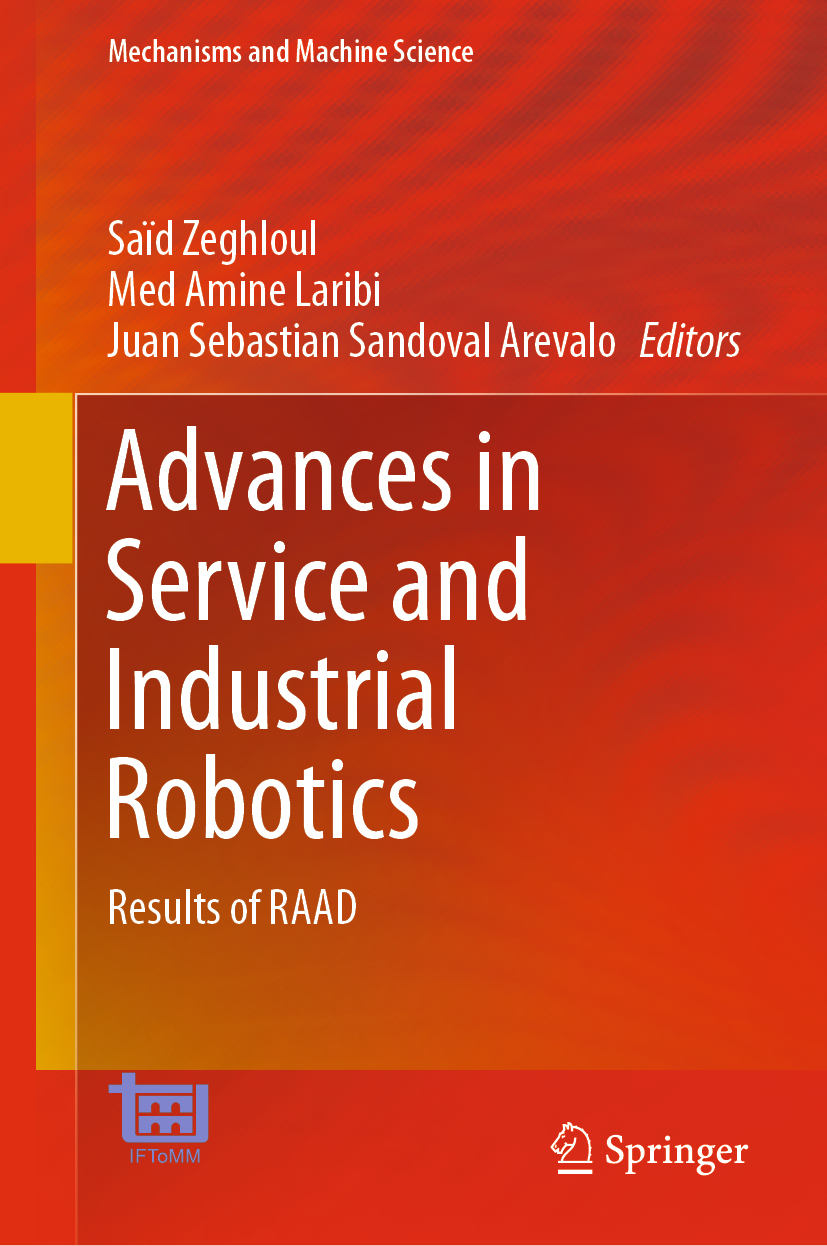
Advances in Service and Industrial Robotics This book gathers contributions by researchers from several countries on all major areas of robotic research, development and innovation, as well as new applications and current trends. The topics covered include: novel designs and applications of robotic systems, intelligent cooperating and service robots, advanced robot control, human-robot interfaces, robot vision systems, mobile robots, humanoid and walking robots, bio-inspired and swarm robotic systems, aerial, underwater and spatial robots, robots for ambient assisted living, medical robots and bionic prostheses, cognitive robots, cloud robotics, ethical and social issues in robotics, etc. Given its scope, the book offers a source of information and inspiration for researchers seeking to improve their work and gather new ideas for future developments. The contents reflect the outcomes of the activities of RAAD (International Conference on Robotics in Alpe-Adria-Danube Region) in 2020. TECHNOLOGY & ENGINEERING,Robotics

Flexible Robotics in Medicine Flexible Robotics in Medicine: A Design Journey of Motion Generation Mechanisms and Biorobotic System Development provides a resource of knowledge and successful prototypes regarding flexible robots in medicine. With specialists in the medical field increasingly utilizing robotics in medical procedures, it is vital to improve current knowledge regarding technologies available. This book covers the background, medical requirements, biomedical engineering principles, and new research on soft robots, including general flexible robotic systems, design specifications, design rationale, fabrication, verification experiments, actuators and sensors in flexible medical robotic systems. Presenting several projects as examples, the authors also discuss the pipeline to develop a medical robotic system, including important milestones such as involved regulations, device classifications and medical standards. Covers realistic prototypes, experimental protocols and design procedures for engineering flexible medical robotics Covers the full product development pipeline for engineering new flexible robots for medical applications, including design principles and design verifications Includes detailed information for application and development of several types of robots, including Handheld Concentric-Tube Flexible Robot for Intraocular Procedures, a Preliminary Robotic Surgery Platform with Multiple Section Tendon-Driven Mechanism, a Flexible Drill for Minimally Invasive Transoral Surgical Robotic System, Four-Tendon-Driven Flexible Manipulators, Slim Single-port Surgical Manipulator with Spring Backbones and Catheter-size Channels, and much more TECHNOLOGY & ENGINEERING,Robotics
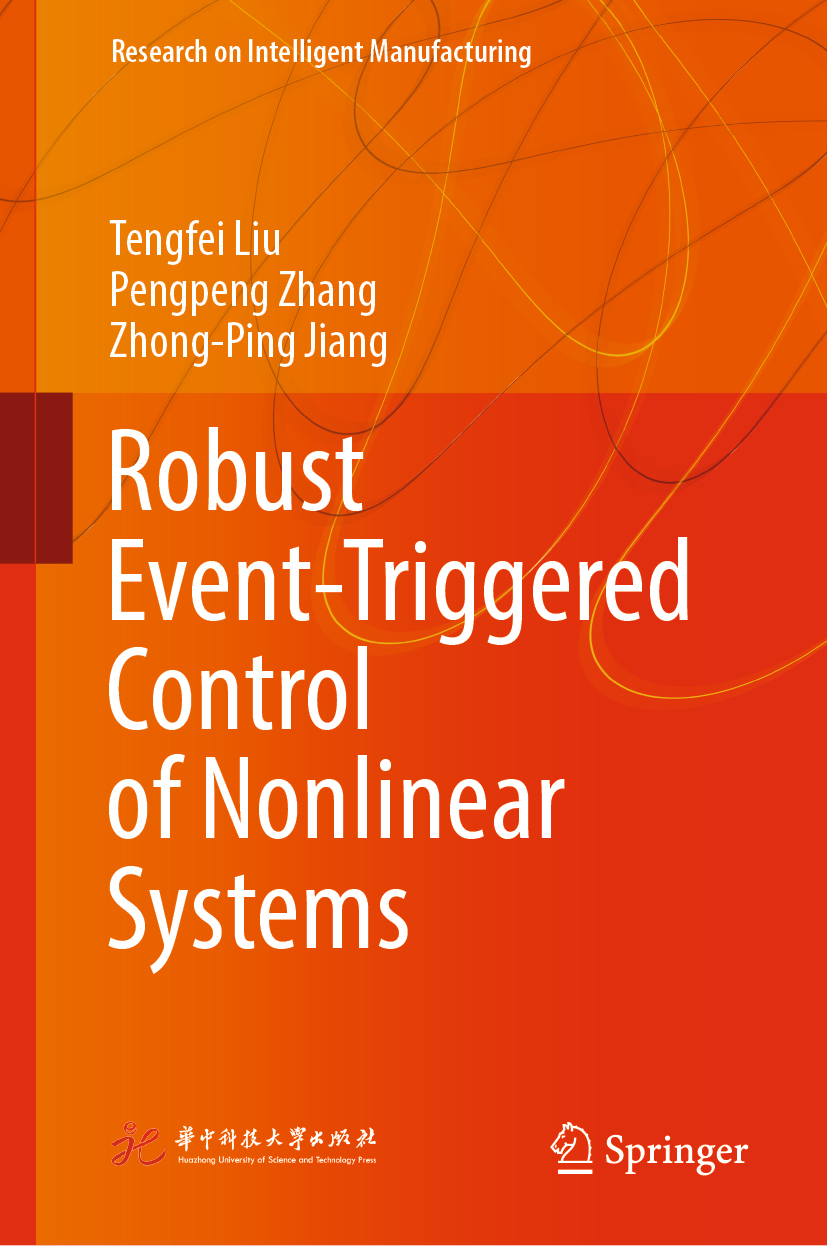
Robust Event-Triggered Control of Nonlinear Systems This book presents a study on the novel concept of "event-triggered control of nonlinear systems subject to disturbances", discussing the theory and practical applications. Richly illustrated, it is a valuable resource for researchers, engineers and graduate students in automation engineering who wish to learn the theories, technologies, and applications of event-triggered control of nonlinear systems. TECHNOLOGY & ENGINEERING,Robotics
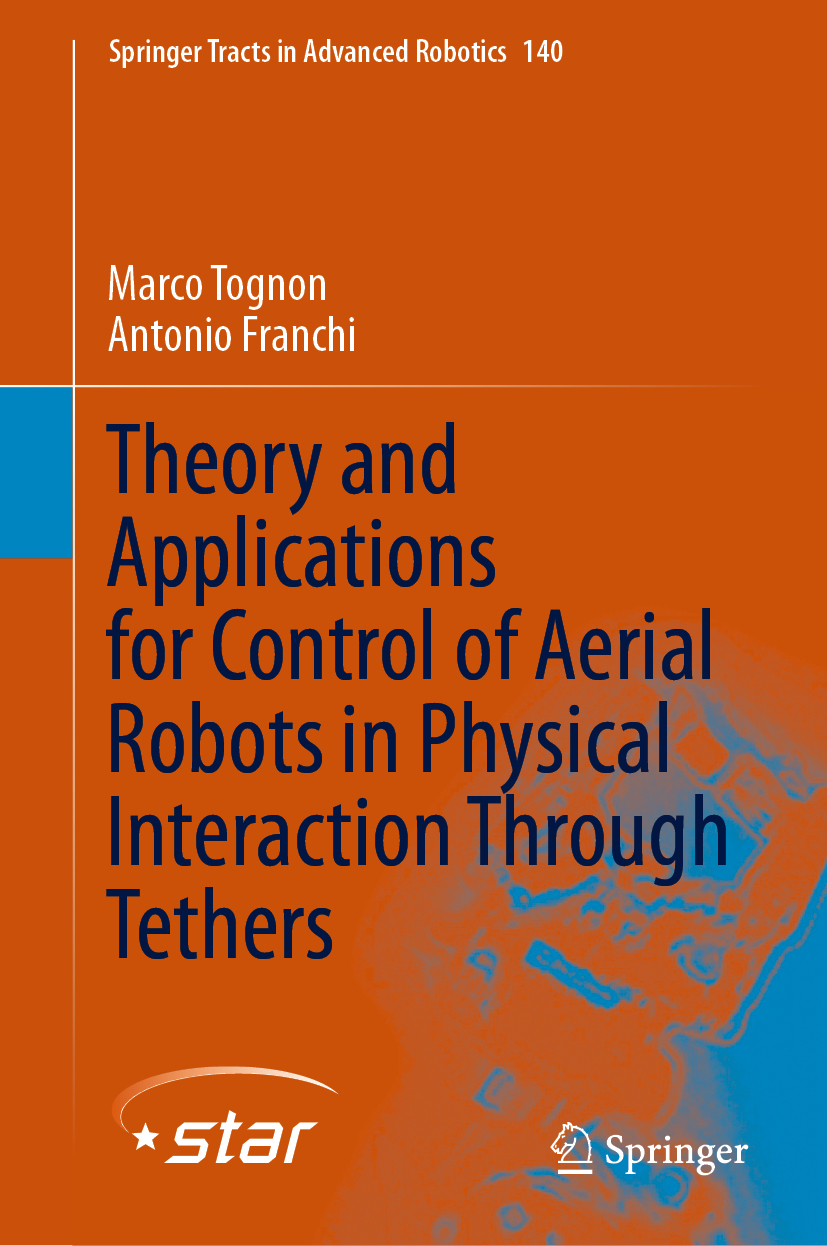
Theory and Applications for Control of Aerial Robots in Physical Interaction Through Tethers This book studies how autonomous aerial robots physically interact with the surrounding environment. Intended to promote the advancement of aerial physical interaction, it analyzes a particular class of aerial robots: tethered aerial vehicles. By examining specific systems, while still considering the challenges of the general problem, it will help readers acquire the knowledge and expertise needed for the subsequent development of more general methods applicable to aerial physical interaction. The formal analysis covers topics ranging from control, state estimation, and motion planning, to experimental validation. Addressing both theoretical and technical aspects, the book is intended for a broad academic and industrial readership, including undergraduate students, researchers and engineers. It can be used as a teaching reference, or as the basis for product development. TECHNOLOGY & ENGINEERING,Robotics
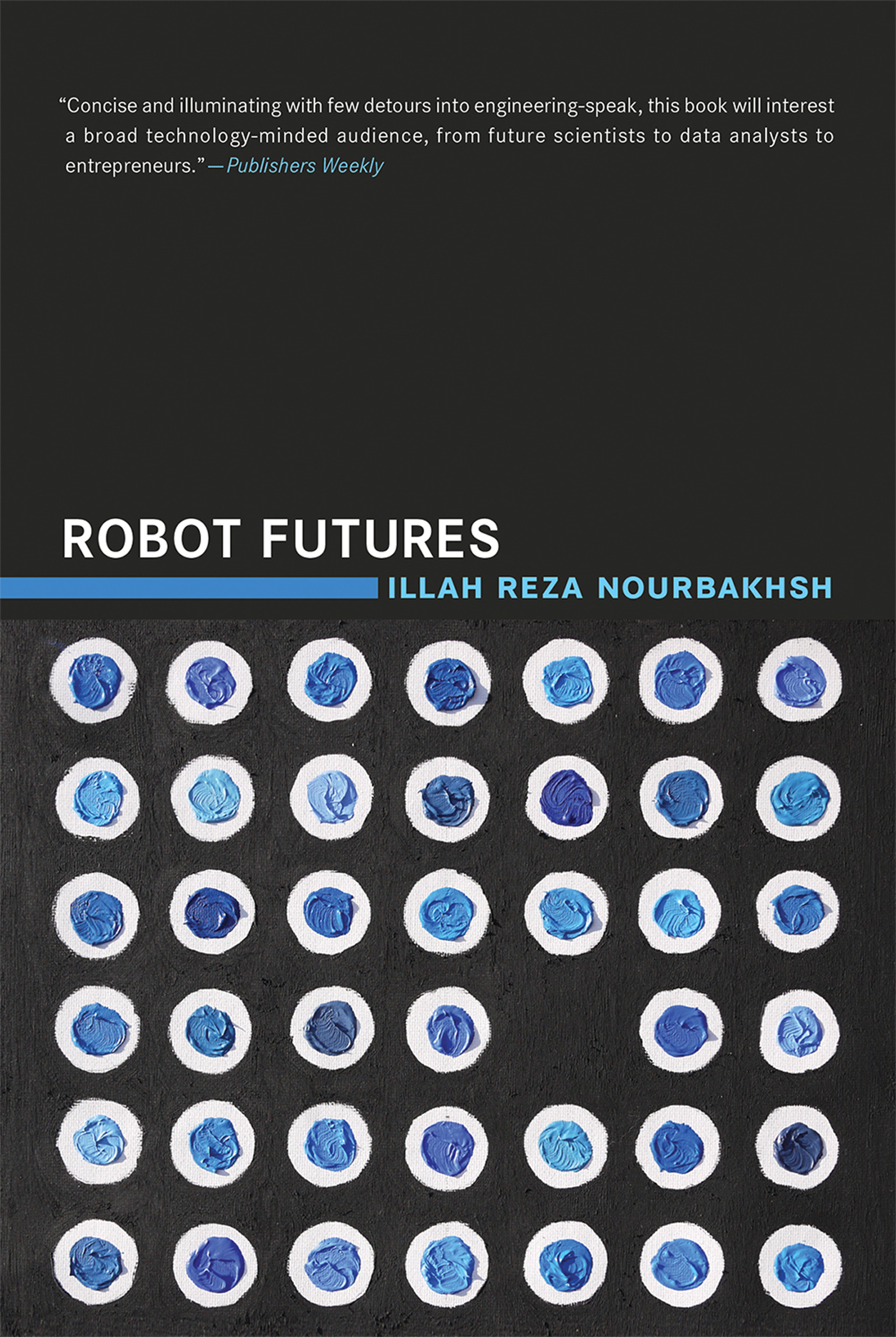
Robot Futures A roboticist imagines life with robots that sell us products, drive our cars, even allow us to assume new physical form, and more. With robots, we are inventing a new species that is part material and part digital. The ambition of modern robotics goes beyond copying humans, beyond the effort to make walking, talking androids that are indistinguishable from people. Future robots will have superhuman abilities in both the physical and digital realms. They will be embedded in our physical spaces, with the ability to go where we cannot, and will have minds of their own, thanks to artificial intelligence. In Robot Futures, the roboticist Illah Reza Nourbakhsh considers how we will share our world with these creatures, and how our society could change as it incorporates a race of stronger, smarter beings. Nourbakhsh imagines a future that includes adbots offering interactive custom messaging; robotic flying toys that operate by means of “gaze tracking”; robot-enabled multimodal, multicontinental telepresence; and even a way that nanorobots could allow us to assume different physical forms. Nourbakhsh examines the underlying technology and the social consequences of each scenario. He also offers a counter-vision: a robotics designed to create civic and community empowerment. His book helps us understand why that is the robot future we should try to bring about. TECHNOLOGY & ENGINEERING,Robotics
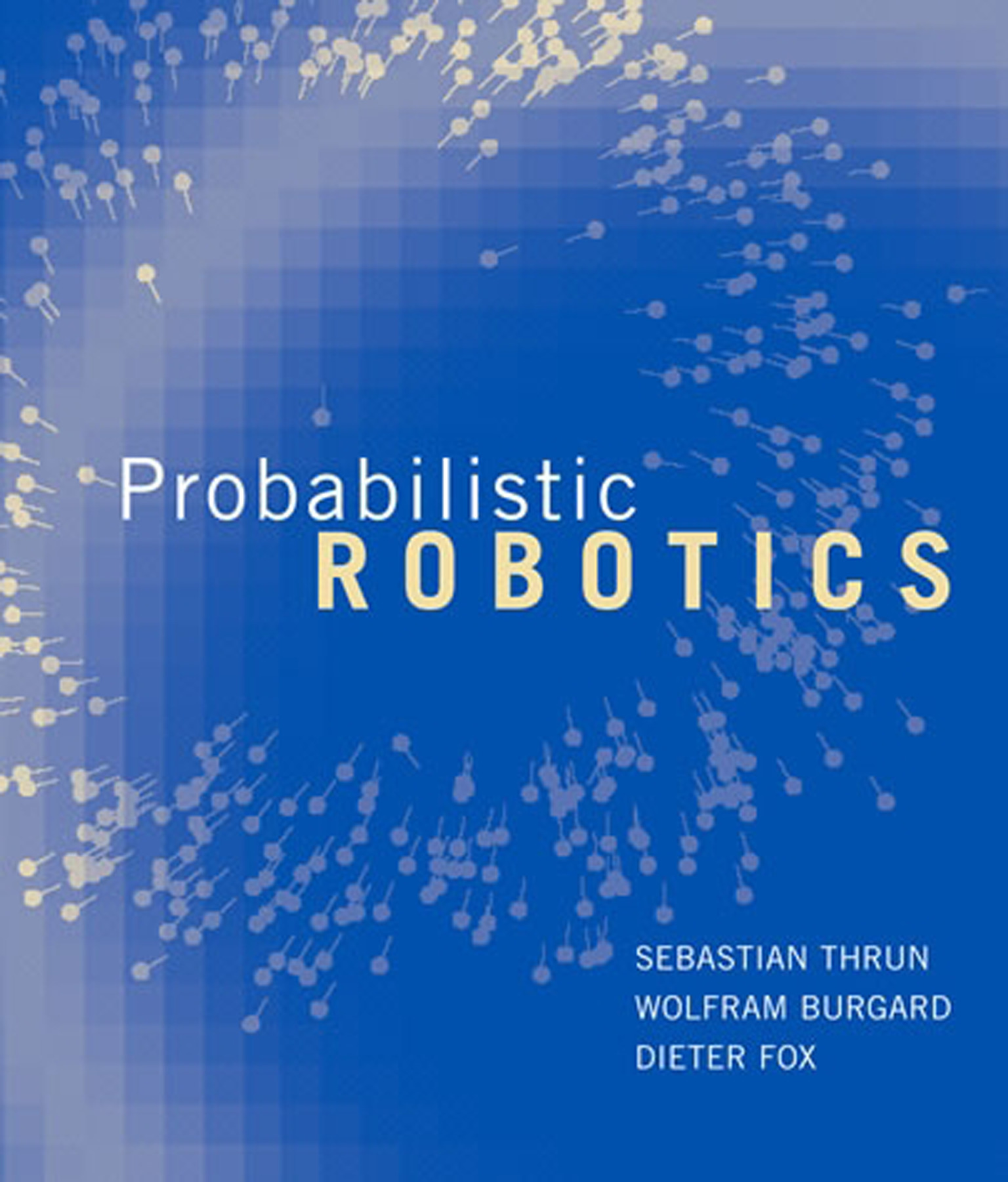
Probabilistic Robotics An introduction to the techniques and algorithms of the newest field in robotics. Probabilistic robotics is a new and growing area in robotics, concerned with perception and control in the face of uncertainty. Building on the field of mathematical statistics, probabilistic robotics endows robots with a new level of robustness in real-world situations. This book introduces the reader to a wealth of techniques and algorithms in the field. All algorithms are based on a single overarching mathematical foundation. Each chapter provides example implementations in pseudo code, detailed mathematical derivations, discussions from a practitioner's perspective, and extensive lists of exercises and class projects. The book's Web site, www.probabilistic-robotics.org, has additional material. The book is relevant for anyone involved in robotic software development and scientific research. It will also be of interest to applied statisticians and engineers dealing with real-world sensor data. TECHNOLOGY & ENGINEERING,Robotics
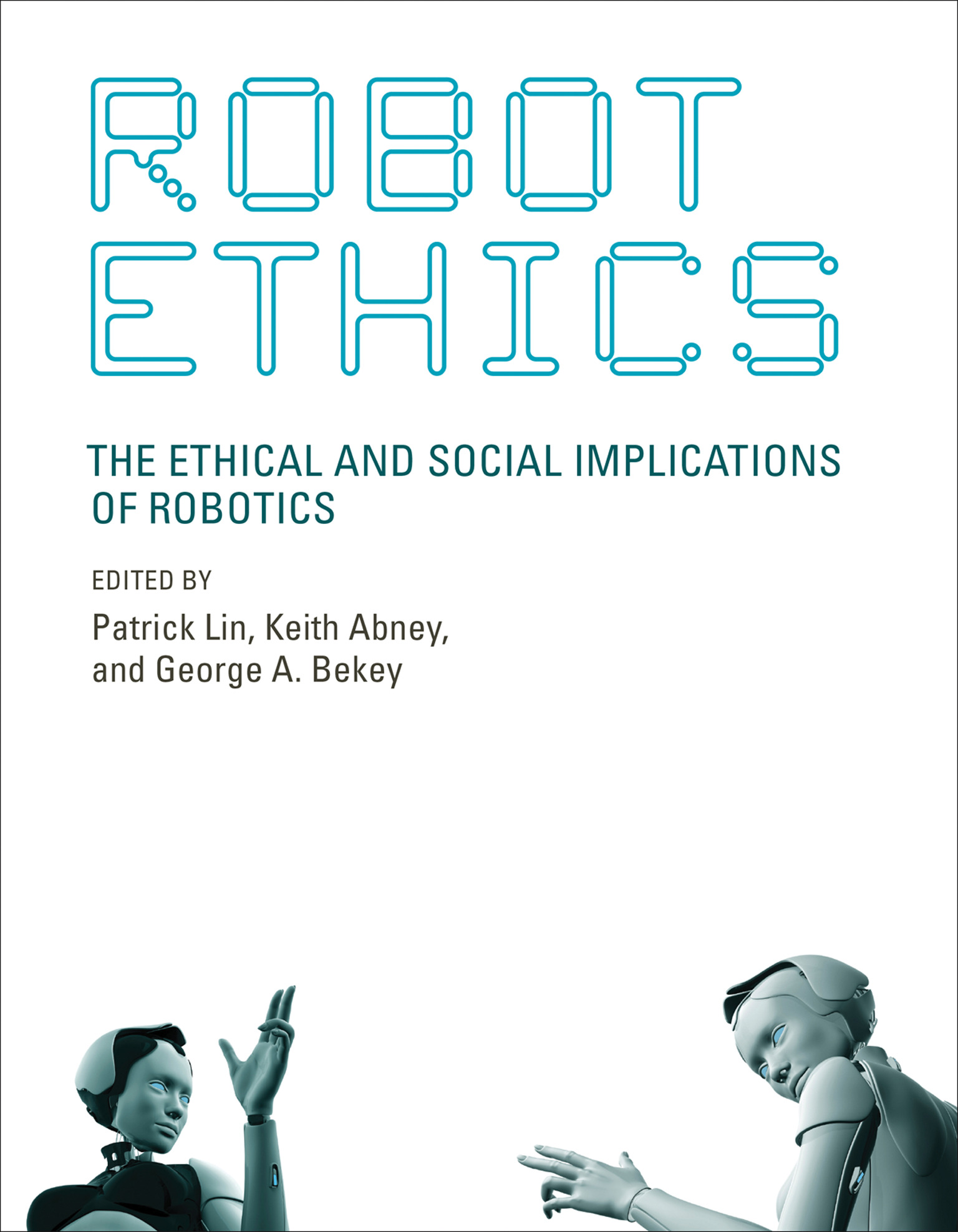
Robot Ethics Prominent experts from science and the humanities explore issues in robot ethics that range from sex to war. Robots today serve in many roles, from entertainer to educator to executioner. As robotics technology advances, ethical concerns become more pressing: Should robots be programmed to follow a code of ethics, if this is even possible? Are there risks in forming emotional bonds with robots? How might society—and ethics—change with robotics? This volume is the first book to bring together prominent scholars and experts from both science and the humanities to explore these and other questions in this emerging field. Starting with an overview of the issues and relevant ethical theories, the topics flow naturally from the possibility of programming robot ethics to the ethical use of military robots in war to legal and policy questions, including liability and privacy concerns. The contributors then turn to human-robot emotional relationships, examining the ethical implications of robots as sexual partners, caregivers, and servants. Finally, they explore the possibility that robots, whether biological-computational hybrids or pure machines, should be given rights or moral consideration. Ethics is often slow to catch up with technological developments. This authoritative and accessible volume fills a gap in both scholarly literature and policy discussion, offering an impressive collection of expert analyses of the most crucial topics in this increasingly important field. TECHNOLOGY & ENGINEERING,Robotics
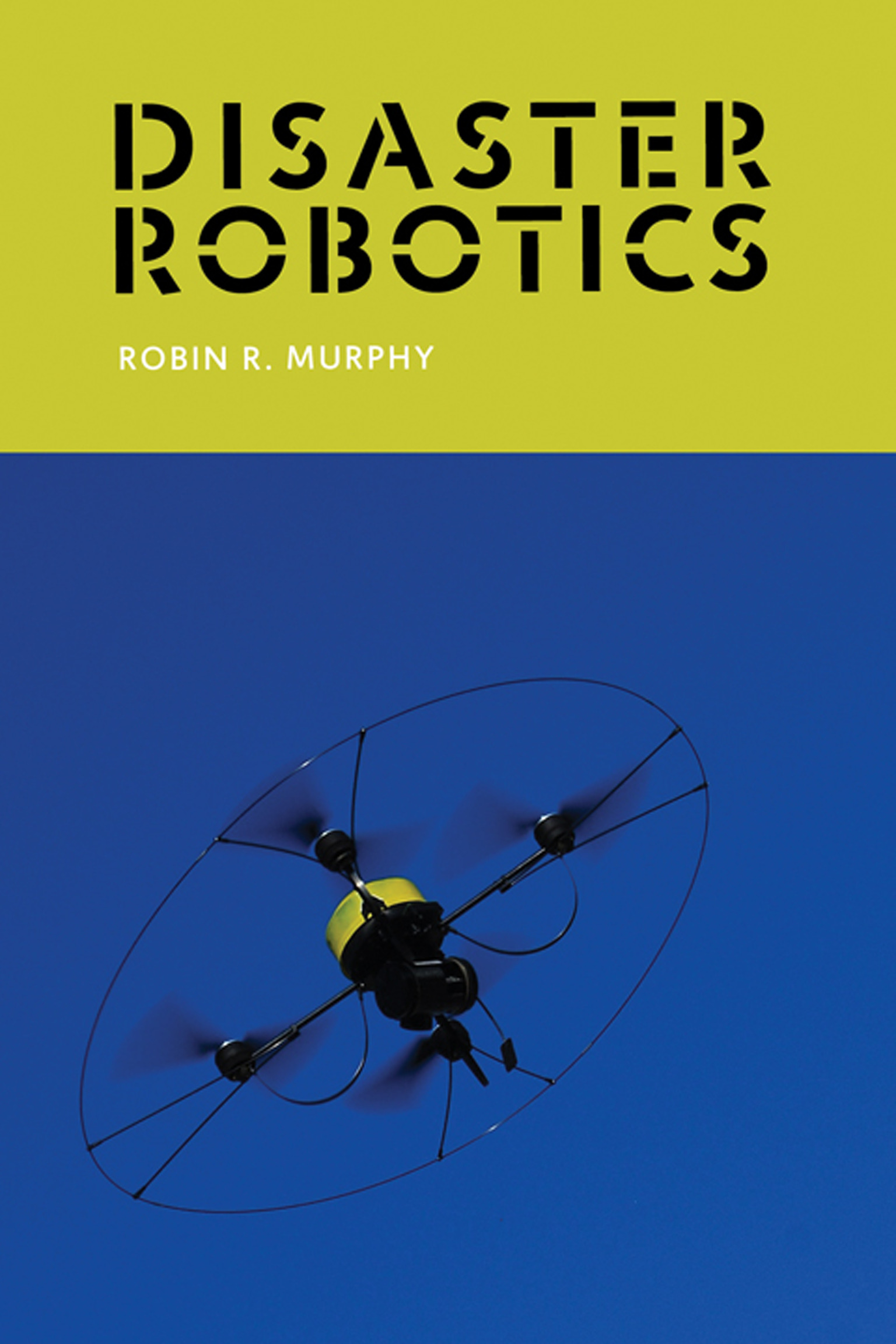
Disaster Robotics A comprehensive, authoritative, and accessible reference for disaster robotics that covers theory, specific deployments, and ground, air, and marine modalities. This book offers the definitive guide to the theory and practice of disaster robotics. It can serve as an introduction for researchers and technologists, a reference for emergency managers, and a textbook in field robotics. Written by a pioneering researcher in the field who has herself participated in fifteen deployments of robots in disaster response and recovery, the book covers theory and practice, the history of the field, and specific missions. After a broad overview of rescue robotics in the context of emergency informatics, the book provides a chronological summary and formal analysis of the thirty-four documented deployments of robots to disasters that include the 2001 collapse of the World Trade Center, Hurricane Katrina, the 2010 Haiti earthquake, the Deepwater Horizon oil spill, the 2011 Japanese earthquake and tsunami, and numerous mining accidents. It then examines disaster robotics in the typical robot modalities of ground, air, and marine, addressing such topics as robot types, missions and tasks, and selection heuristics for each modality. Finally, the book discusses types of fieldwork, providing practical advice on matters that include collecting data and collaborating with emergency professionals. The field of disaster robotics has lacked a comprehensive overview. This book by a leader in the field, offering a unique combination of the theoretical and the practical, fills the gap. TECHNOLOGY & ENGINEERING,Robotics

Robots An accessible and engaging account of robots, covering the current state of the field, the fantasies of popular culture, and implications for life and work. Robots are entering the mainstream. Technologies have advanced to the point of mass commercialization—Roomba, for example—and adoption by governments—most notably, their use of drones. Meanwhile, these devices are being received by a public whose main sources of information about robots are the fantasies of popular culture. We know a lot about C-3PO and Robocop but not much about Atlas, Motoman, Kiva, or Beam—real-life robots that are reinventing warfare, the industrial workplace, and collaboration. In this book, technology analyst John Jordan offers an accessible and engaging introduction to robots and robotics, covering state-of-the-art applications, economic implications, and cultural context. Jordan chronicles the prehistory of robots and the treatment of robots in science fiction, movies, and television—from the outsized influence of Mary Shelley's Frankenstein to Isaac Asimov's I, Robot (in which Asimov coined the term “robotics”). He offers a guided tour of robotics today, describing the components of robots, the complicating factors that make robotics so challenging, and such applications as driverless cars, unmanned warfare, and robots on the assembly line. Roboticists draw on such technical fields as power management, materials science, and artificial intelligence. Jordan points out, however, that robotics design decisions also embody such nontechnical elements as value judgments, professional aspirations, and ethical assumptions, and raise questions that involve law, belief, economics, education, public safety, and human identity. Robots will be neither our slaves nor our overlords; instead, they are rapidly becoming our close companions, working in partnership with us—whether in a factory, on a highway, or as a prosthetic device. Given these profound changes to human work and life, Jordan argues that robotics is too important to be left solely to roboticists. TECHNOLOGY & ENGINEERING,Robotics
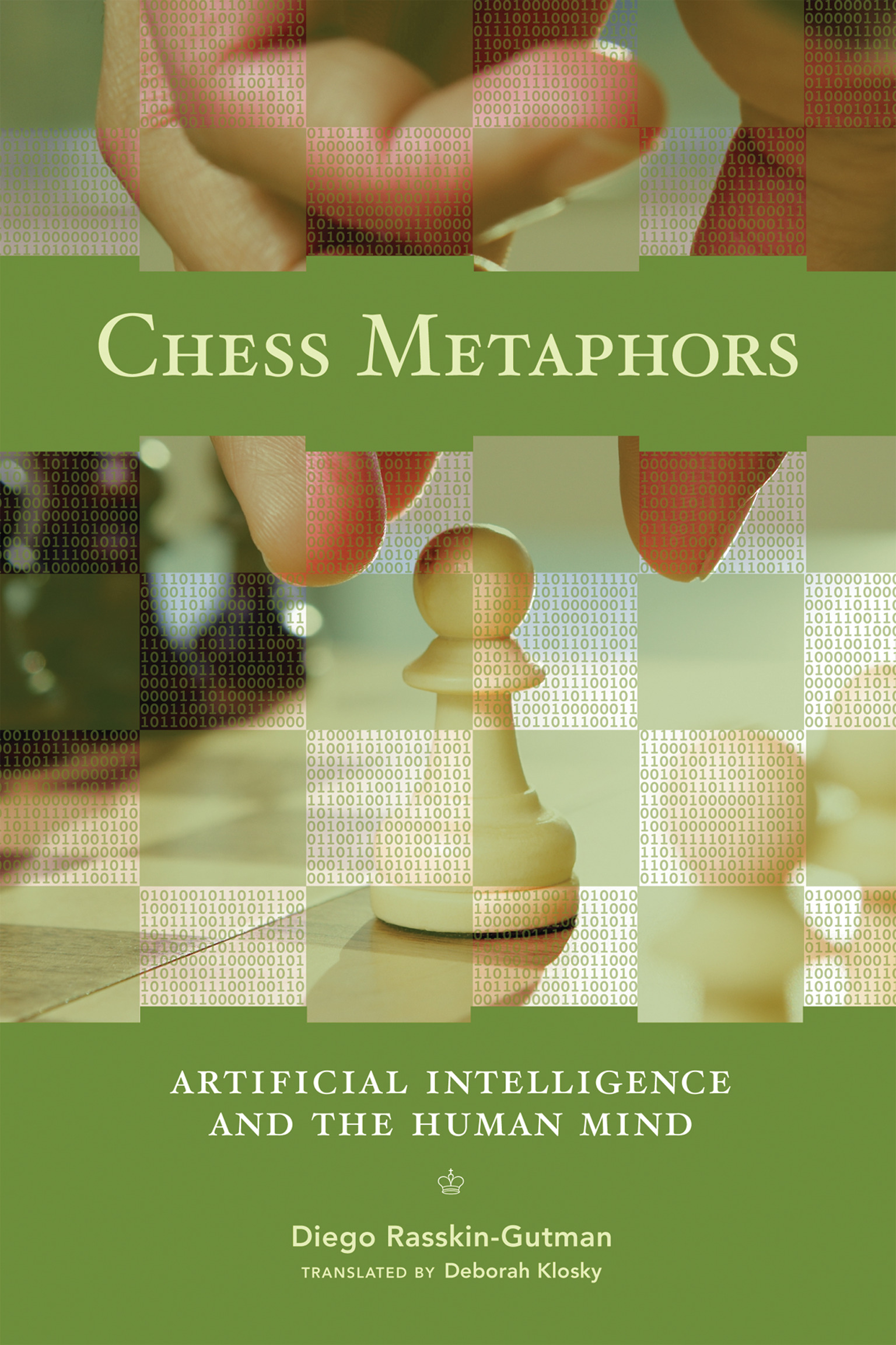
Chess Metaphors How the moves of thirty-two chess pieces over sixty-four squares can help us understand the workings of the mind. When we play the ancient and noble game of chess, we grapple with ideas about honesty, deceitfulness, bravery, fear, aggression, beauty, and creativity, which echo (or allow us to depart from) the attitudes we take in our daily lives. Chess is an activity in which we deploy almost all our available cognitive resources; therefore, it makes an ideal laboratory for investigation into the workings of the mind. Indeed, research into artificial intelligence (AI) has used chess as a model for intelligent behavior since the 1950s. In Chess Metaphors, Diego Rasskin-Gutman explores fundamental questions about memory, thought, emotion, consciousness, and other cognitive processes through the game of chess, using the moves of thirty-two pieces over sixty-four squares to map the structural and functional organization of the brain. Rasskin-Gutman focuses on the cognitive task of problem solving, exploring it from the perspectives of both biology and AI. Examining AI researchers' efforts to program a computer that could beat a flesh-and-blood grandmaster (and win a world chess championship), he finds that the results fall short when compared to the truly creative nature of the human mind. TECHNOLOGY & ENGINEERING,Robotics
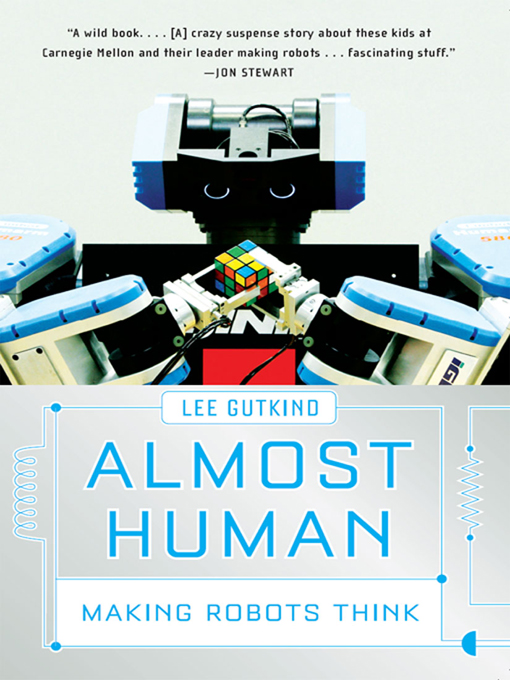
Almost Human A remarkable, intense portrait of the robotic subculture and the challenging quest for robot autonomy. The high bay at the Robotics Institute at Carnegie Mellon University is alive and hyper night and day with the likes of Hyperion, which traversed the Antarctic, and Zoe, the world’s first robot scientist, now back home. Robot Segways learn to play soccer, while other robots go on treasure hunts or are destined for hospitals and museums. Dozens of cavorting mechanical creatures, along with tangles of wire, tools, and computer innards are scattered haphazardly. All of these zipping and zooming gizmos are controlled by disheveled young men sitting on the floor, folding chairs, or tool cases, or huddled over laptops squinting into displays with manic intensity. Award-winning author Lee Gutkind immersed himself in this frenzied subculture, following these young roboticists and their bold conceptual machines from Pittsburgh to NASA and to the most barren and arid desert on earth. He makes intelligible their discoveries and stumbling points in this lively behind-the-scenes work. TECHNOLOGY & ENGINEERING,Robotics

Proceedings of the 11th National Technical Seminar on Unmanned System Technology 2019 This book includes research papers from the 11th National Technical Symposium on Unmanned System Technology. Covering a number of topics, including intelligent robotics, novel sensor technology, control algorithms, acoustics signal processing, imaging techniques, biomimetic robots, green energy sources, and underwater communication backbones and protocols, it will appeal to researchers developing marine technology solutions and policy-makers interested in technologies to facilitate the exploration of coastal and oceanic regions. TECHNOLOGY & ENGINEERING,Robotics

Key Technologies of Intelligentized Welding Manufacturing This book describes the application of vision-sensing technologies in welding processes, one of the key technologies in intelligent welding manufacturing. Gas tungsten arc welding (GTAW) is one of the main welding techniques and has a wide range of applications in the manufacturing industry. As such, the book also explores the application of AI technologies, such as vision sensing and machine learning, in GTAW process sensing and feature extraction and monitoring, and presents the state-of-the-art in computer vision, image processing and machine learning to detect welding defects using non-destructive methods in order to improve welding productivity. Featuring the latest research from ORNL (Oak Ridge National Laboratory) using digital image correlation technology, this book will appeal to researchers, scientists and engineers in the field of advanced manufacturing. TECHNOLOGY & ENGINEERING,Robotics
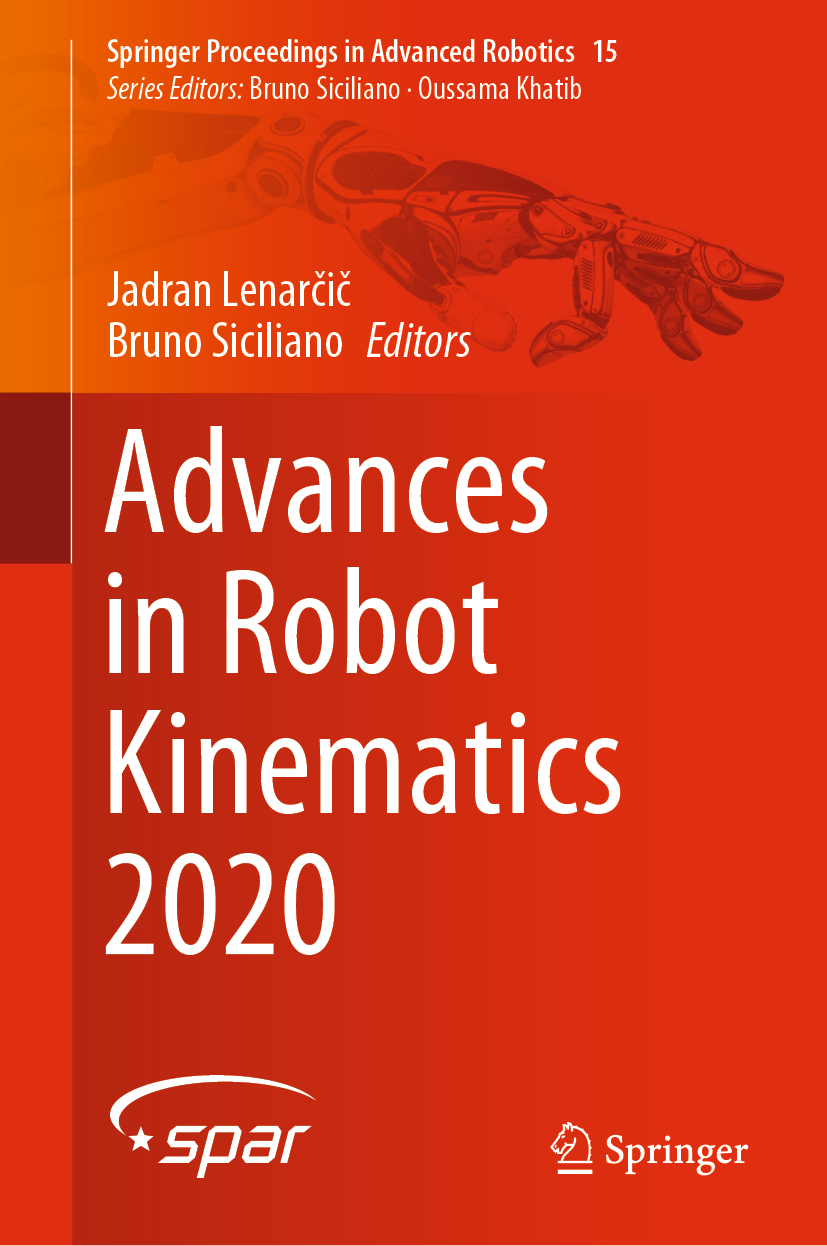
Advances in Robot Kinematics 2020 This book is of interest to researchers wanting to know more about the latest topics and methods in the fields of the kinematics, control and design of robotic systems. The papers cover the full range of robotic systems, including serial, parallel and cable-driven manipulators. The systems range from being less than fully mobile, to kinematically redundant, to over-constrained. The book brings together 43 peer-reviewed papers. They report on the latest scientific and applied achievements. The main theme that connects them is the movement of robots in the most diverse areas of application. TECHNOLOGY & ENGINEERING,Robotics
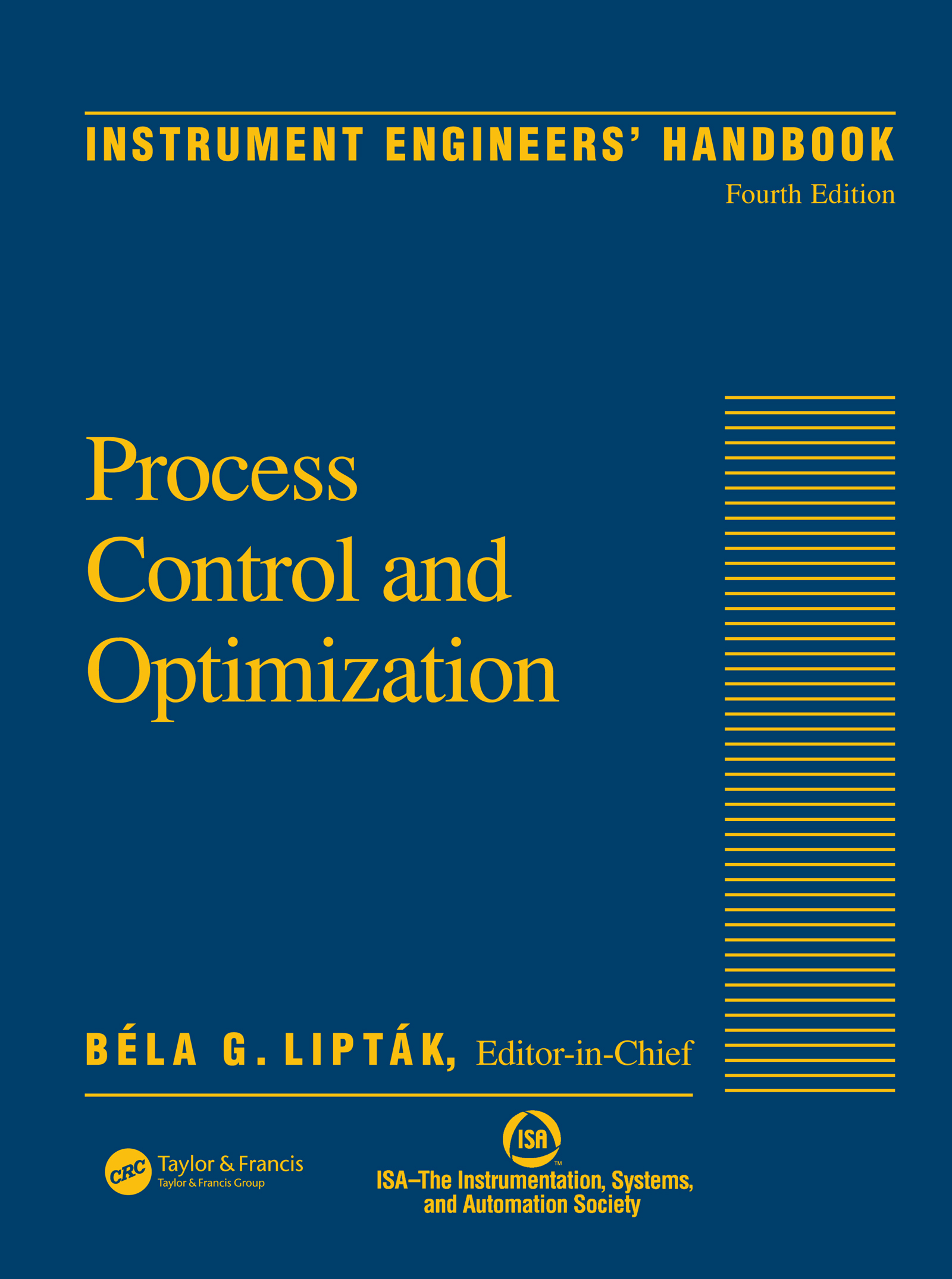
Instrument Engineers' Handbook, Volume Two The latest update to Bela Liptak's acclaimed "bible" of instrument engineering is now available. Retaining the format that made the previous editions bestsellers in their own right, the fourth edition of Process Control and Optimization continues the tradition of providing quick and easy access to highly practical information. The authors are practicing engineers, not theoretical people from academia, and their from-the-trenches advice has been repeatedly tested in real-life applications. Expanded coverage includes descriptions of overseas manufacturer's products and concepts, model-based optimization in control theory, new major inventions and innovations in control valves, and a full chapter devoted to safety. With more than 2000 graphs, figures, and tables, this all-inclusive encyclopedic volume replaces an entire library with one authoritative reference. The fourth edition brings the content of the previous editions completely up to date, incorporates the developments of the last decade, and broadens the horizons of the work from an American to a global perspective.Béla G. Lipták speaks on Post-Oil Energy Technology on the AT&T Tech Channel. TECHNOLOGY & ENGINEERING,Sensors

Instrument Engineers' Handbook, Volume 3 Instrument Engineers' Handbook – Volume 3: Process Software and Digital Networks, Fourth Edition is the latest addition to an enduring collection that industrial automation (AT) professionals often refer to as the "bible." First published in 1970, the entire handbook is approximately 5,000 pages, designed as standalone volumes that cover the measurement (Volume 1), control (Volume 2), and software (Volume 3) aspects of automation. This fourth edition of the third volume provides an in-depth, state-of-the-art review of control software packages used in plant optimization, control, maintenance, and safety. Each updated volume of this renowned reference requires about ten years to prepare, so revised installments have been issued every decade, taking into account the numerous developments that occur from one publication to the next. Assessing the rapid evolution of automation and optimization in control systems used in all types of industrial plants, this book details the wired/wireless communications and software used. This includes the ever-increasing number of applications for intelligent instruments, enhanced networks, Internet use, virtual private networks, and integration of control systems with the main networks used by management, all of which operate in a linked global environment. Topics covered include: Advances in new displays, which help operators to more quickly assess and respond to plant conditions Software and networks that help monitor, control, and optimize industrial processes, to determine the efficiency, energy consumption, and profitability of operations Strategies to counteract changes in market conditions and energy and raw material costs Techniques to fortify the safety of plant operations and the security of digital communications systems This volume explores why the holistic approach to integrating process and enterprise networks is convenient and efficient, despite associated problems involving cyber and local network security, energy conservation, and other issues. It shows how firewalls must separate the business (IT) and the operation (automation technology, or AT) domains to guarantee the safe function of all industrial plants. This book illustrates how these concerns must be addressed using effective technical solutions and proper management policies and practices. Reinforcing the fact that all industrial control systems are, in general, critically interdependent, this handbook provides a wide range of software application examples from industries including: automotive, mining, renewable energy, steel, dairy, pharmaceutical, mineral processing, oil, gas, electric power, utility, and nuclear power. TECHNOLOGY & ENGINEERING,Sensors
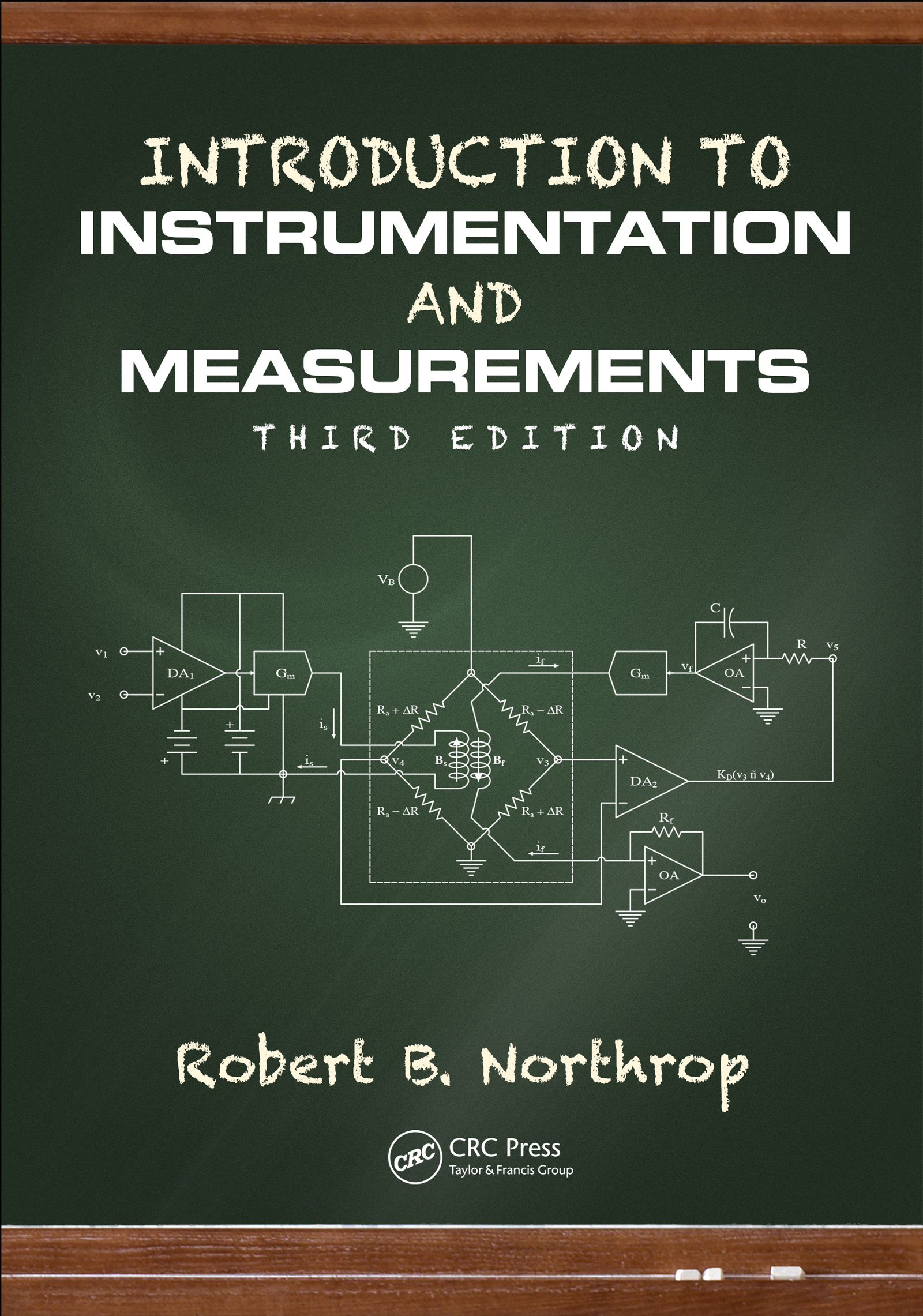
Introduction to Instrumentation and Measurements Weighing in on the growth of innovative technologies, the adoption of new standards, and the lack of educational development as it relates to current and emerging applications, the third edition of Introduction to Instrumentation and Measurements uses the authors’ 40 years of teaching experience to expound on the theory, science, and art of modern instrumentation and measurements (I&M). What’s New in This Edition: This edition includes material on modern integrated circuit (IC) and photonic sensors, micro-electro-mechanical (MEM) and nano-electro-mechanical (NEM) sensors, chemical and radiation sensors, signal conditioning, noise, data interfaces, and basic digital signal processing (DSP), and upgrades every chapter with the latest advancements. It contains new material on the designs of micro-electro-mechanical (MEMS) sensors, adds two new chapters on wireless instrumentation and microsensors, and incorporates extensive biomedical examples and problems. Containing 13 chapters, this third edition: Describes sensor dynamics, signal conditioning, and data display and storage Focuses on means of conditioning the analog outputs of various sensors Considers noise and coherent interference in measurements in depth Covers the traditional topics of DC null methods of measurement and AC null measurements Examines Wheatstone and Kelvin bridges and potentiometers Explores the major AC bridges used to measure inductance, Q, capacitance, and D Presents a survey of sensor mechanisms Includes a description and analysis of sensors based on the giant magnetoresistive effect (GMR) and the anisotropic magnetoresistive (AMR) effect Provides a detailed analysis of mechanical gyroscopes, clinometers, and accelerometers Contains the classic means of measuring electrical quantities Examines digital interfaces in measurement systems Defines digital signal conditioning in instrumentation Addresses solid-state chemical microsensors and wireless instrumentation Introduces mechanical microsensors (MEMS and NEMS) Details examples of the design of measurement systems Introduction to Instrumentation and Measurements is written with practicing engineers and scientists in mind, and is intended to be used in a classroom course or as a reference. It is assumed that the reader has taken core EE curriculum courses or their equivalents. TECHNOLOGY & ENGINEERING,Sensors
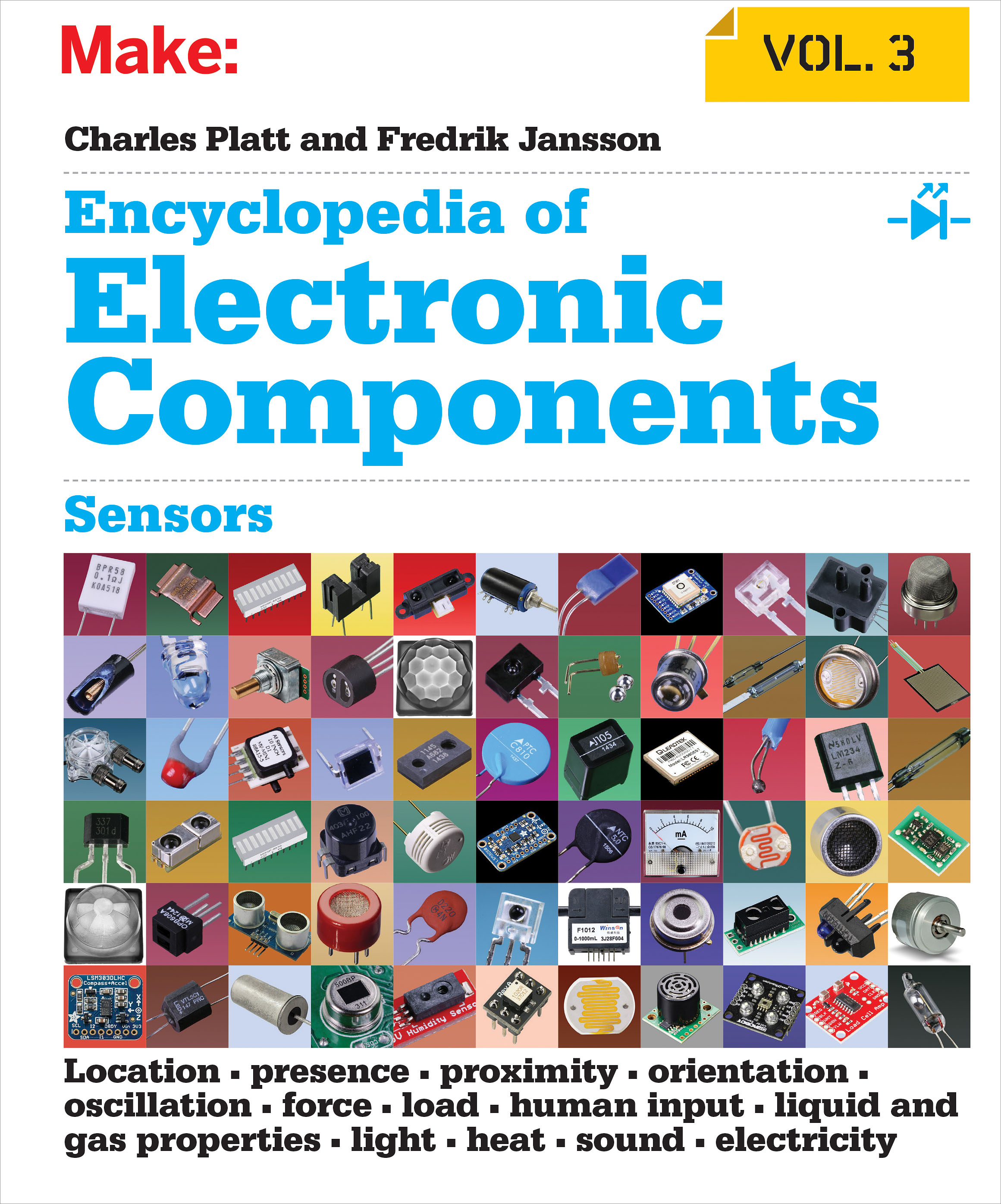
Encyclopedia of Electronic Components Volume 3 Want to know how to use an electronic component? This third book of a three-volume set includes key information on electronics parts for your projects--complete with photographs, schematics, and diagrams. You'll learn what each one does, how it works, why it's useful, and what variants exist. No matter how much you know about electronics, you'll find fascinating details you've never come across before. Perfect for teachers, hobbyists, engineers, and students of all ages, this reference puts reliable, fact-checked information right at your fingertips--whether you're refreshing your memory or exploring a component for the first time. Beginners will quickly grasp important concepts, and more experienced users will find the specific details their projects require. Volume 3 covers components for sensing the physical world, including light, sound, heat, motion, ambient, and electrical sensors. Unique: the first and only encyclopedia set on electronic components, distilled into three separate volumes Incredibly detailed: includes information distilled from hundreds of sources Easy to browse: parts are clearly organized by component type Authoritative: fact-checked by expert advisors to ensure that the information is both current and accurate Reliable: a more consistent source of information than online sources, product datasheets, and manufacturer's tutorials Instructive: each component description provides details about substitutions, common problems, and workarounds Comprehensive: Volume 1 covers power, electromagnetism, and discrete semi-conductors; Volume 2 includes integrated circuits, and light and sound sources; Volume 3 covers a range of sensing devices. TECHNOLOGY & ENGINEERING,Sensors
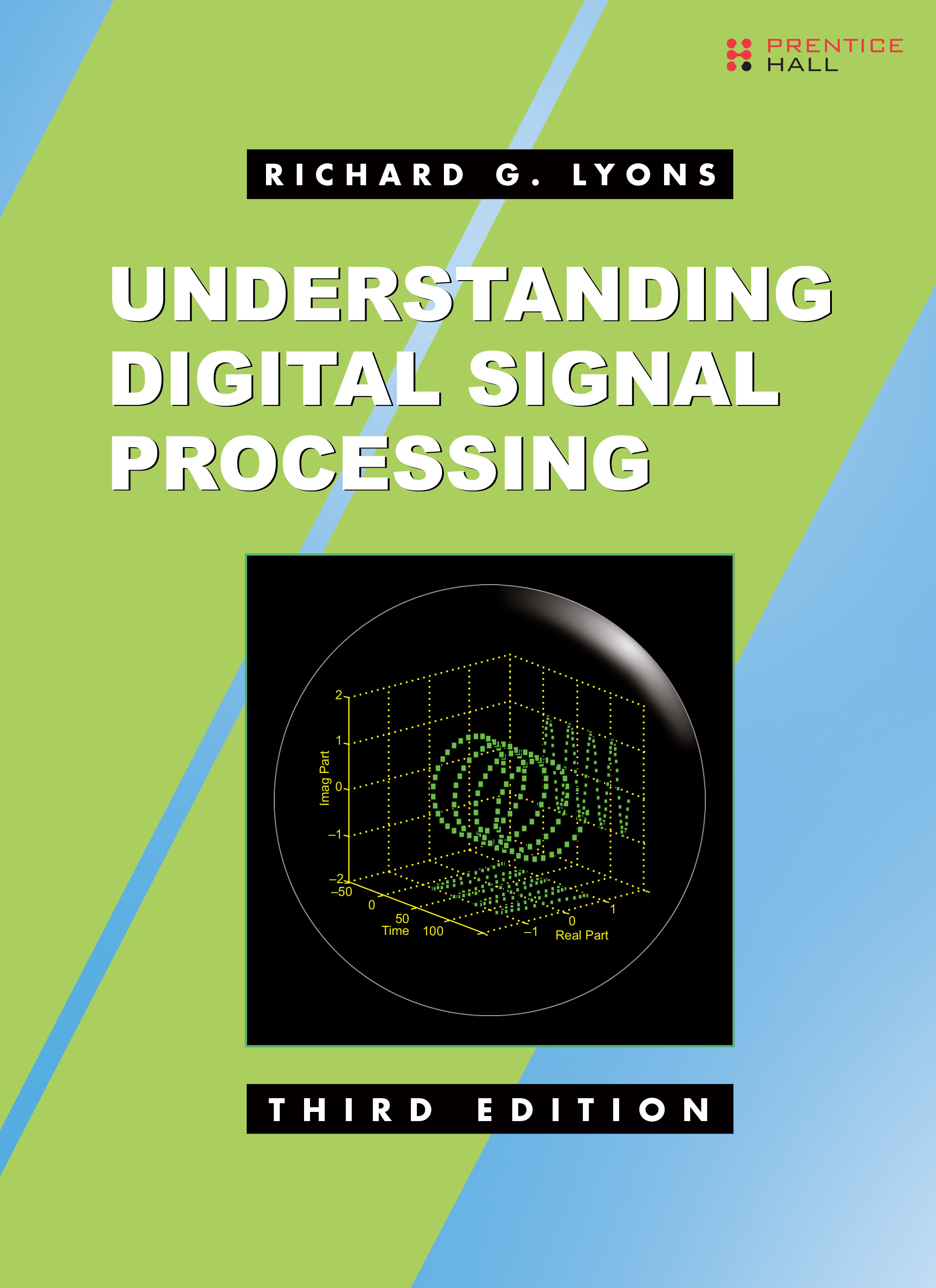
Understanding Digital Signal Processing Understanding Digital Signal Processing is simply the best practitioner's resource for mastering DSP technology. Richard Lyons has thoroughly updated and expanded his best-selling second edition, building on the exceptionally readable coverage that has made it a favorite of both professionals and students worldwide. Lyons achieves the perfect balance between practice and math, making DSP accessible to beginners without ever oversimplifying it, and offering systematic practical guidance for day-to-day problem-solving. Down-to-earth, intuitive, and example-rich, this book helps readers thoroughly grasp the basics and quickly move on to more sophisticated DSP techniques. Coverage includes: discrete sequences/systems, DFT, FFT, finite/infinite impulse response filters, quadrature (I/Q) processing, discrete Hilbert transforms, sample rate conversion, signal averaging, and much more. This edition adds extensive new coverage of FIR and IIR filter analysis techniques. The previous multirate processing, and binary number format, material has been significantly updated and expanded. It also provides new coverage of digital differentiators, integrators, and matched filters. Lyons has also doubled the number of DSP tips and tricks as in the previous edition including techniques even seasoned DSP professionals may have overlooked. He has also added end-of-chapter homework problems throughout to support college instruction and professional self-study. The full text downloaded to your computer With eBooks you can: search for key concepts, words and phrases make highlights and notes as you study share your notes with friends eBooks are downloaded to your computer and accessible either offline through the Bookshelf (available as a free download), available online and also via the iPad and Android apps. Upon purchase, you will receive via email the code and instructions on how to access this product. Time limit The eBooks products do not have an expiry date. You will continue to access your digital ebook products whilst you have your Bookshelf installed. TECHNOLOGY & ENGINEERING,Signals & Signal Processing
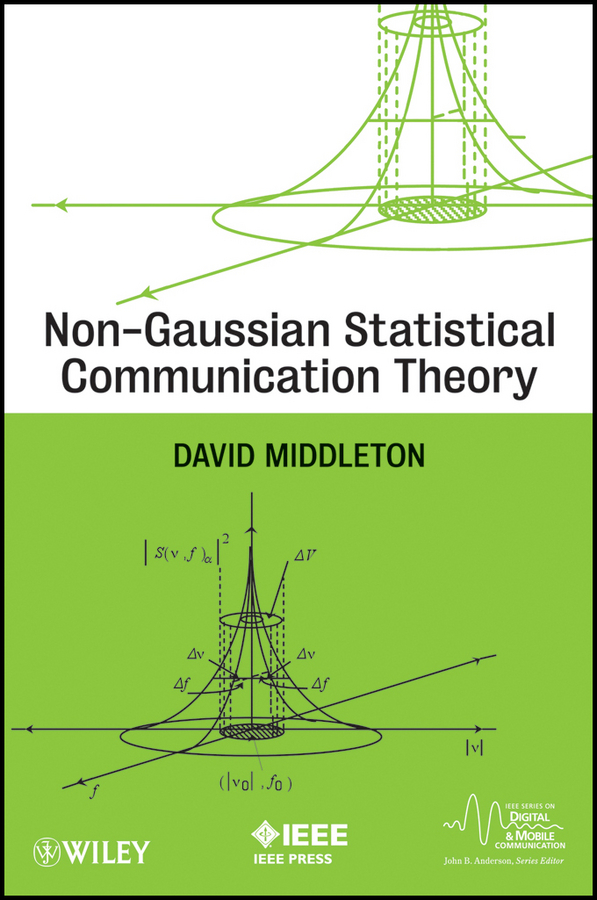
Non-Gaussian Statistical Communication Theory The book is based on the observation that communication is the central operation of discovery in all the sciences. In its "active mode" we use it to "interrogate" the physical world, sending appropriate "signals" and receiving nature's "reply". In the "passive mode" we receive nature's signals directly. Since we never know a prioriwhat particular return signal will be forthcoming, we must necessarily adopt a probabilistic model of communication. This has developed over the approximately seventy years since it's beginning, into a Statistical Communication Theory (or SCT). Here it is the set or ensemble of possible results which is meaningful. From this ensemble we attempt to construct in the appropriate model format, based on our understanding of the observed physical data and on the associated statistical mechanism, analytically represented by suitable probability measures. Since its inception in the late '30's of the last century, and in particular subsequent to World War II, SCT has grown into a major field of study. As we have noted above, SCT is applicable to all branches of science. The latter itself is inherently and ultimately probabilistic at all levels. Moreover, in the natural world there is always a random background "noise" as well as an inherent a priori uncertainty in the presentation of deterministic observations, i.e. those which are specifically obtained, a posteriori. The purpose of the book is to introduce Non-Gaussian statistical communication theory and demonstrate how the theory improves probabilistic model. The book was originally planed to include 24 chapters as seen in the table of preface. Dr. Middleton completed first 10 chapters prior to his passing in 2008. Bibliography which represents remaining chapters are put together by the author's close colleagues; Drs. Vincent Poor, Leon Cohen and John Anderson. email pressbooks@ieee.org to request Ch.10 TECHNOLOGY & ENGINEERING,Signals & Signal Processing
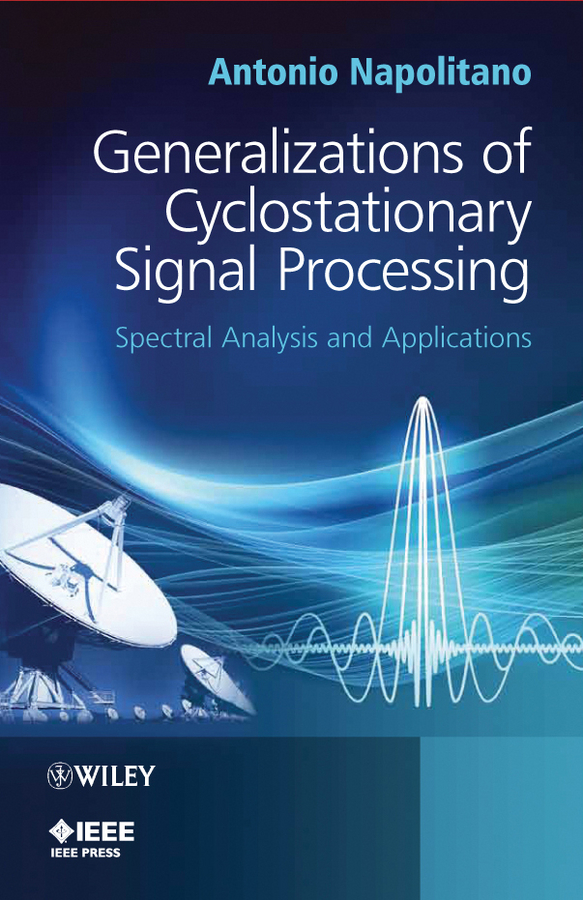
Generalizations of Cyclostationary Signal Processing The relative motion between the transmitter and the receiver modifies the nonstationarity properties of the transmitted signal. In particular, the almost-cyclostationarity property exhibited by almost all modulated signals adopted in communications, radar, sonar, and telemetry can be transformed into more general kinds of nonstationarity. A proper statistical characterization of the received signal allows for the design of signal processing algorithms for detection, estimation, and classification that significantly outperform algorithms based on classical descriptions of signals.Generalizations of Cyclostationary Signal Processing addresses these issues and includes the following key features: Presents the underlying theoretical framework, accompanied by details of their practical application, for the mathematical models of generalized almost-cyclostationary processes and spectrally correlated processes; two classes of signals finding growing importance in areas such as mobile communications, radar and sonar. Explains second- and higher-order characterization of nonstationary stochastic processes in time and frequency domains. Discusses continuous- and discrete-time estimators of statistical functions of generalized almost-cyclostationary processes and spectrally correlated processes. Provides analysis of mean-square consistency and asymptotic Normality of statistical function estimators. Offers extensive analysis of Doppler channels owing to the relative motion between transmitter and receiver and/or surrounding scatterers. Performs signal analysis using both the classical stochastic-process approach and the functional approach, where statistical functions are built starting from a single function of time. TECHNOLOGY & ENGINEERING,Signals & Signal Processing
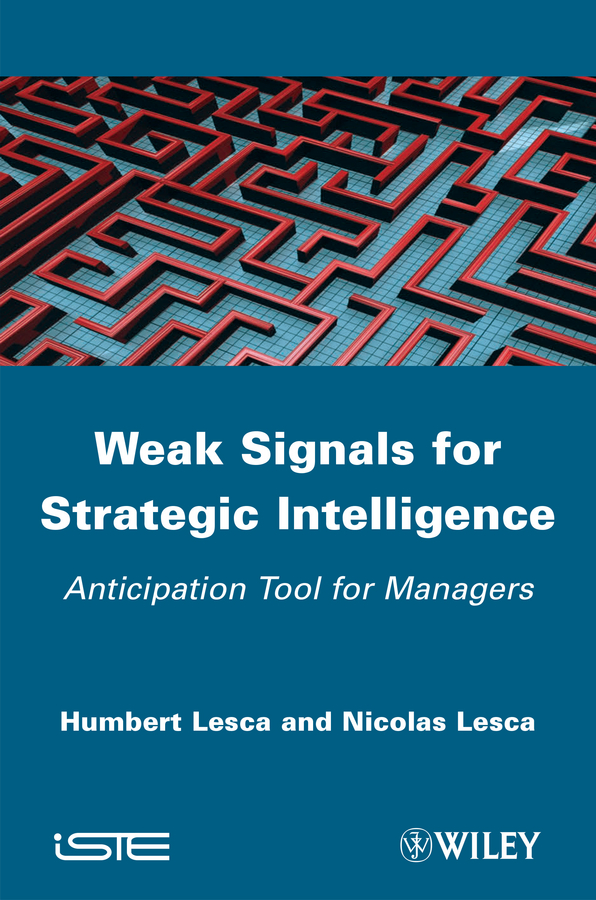
Weak Signals for Strategic Intelligence The expression "We did not see it coming!" has often been heard in recent years from decision makers at the highest levels of the private and public sectors. Yet there were actually early warning signals, but they were often ignored due to a lack of appropriate methodology. Focusing on the concept of a weak signal, this book provides methods for anticipating problems and dealing with blind spots. Along with examples of this concept, the authors provide answers to questions of feasibility, including how to recognize a weak signal, and how to exploit it. Numerous applications are also presented throughout. TECHNOLOGY & ENGINEERING,Signals & Signal Processing
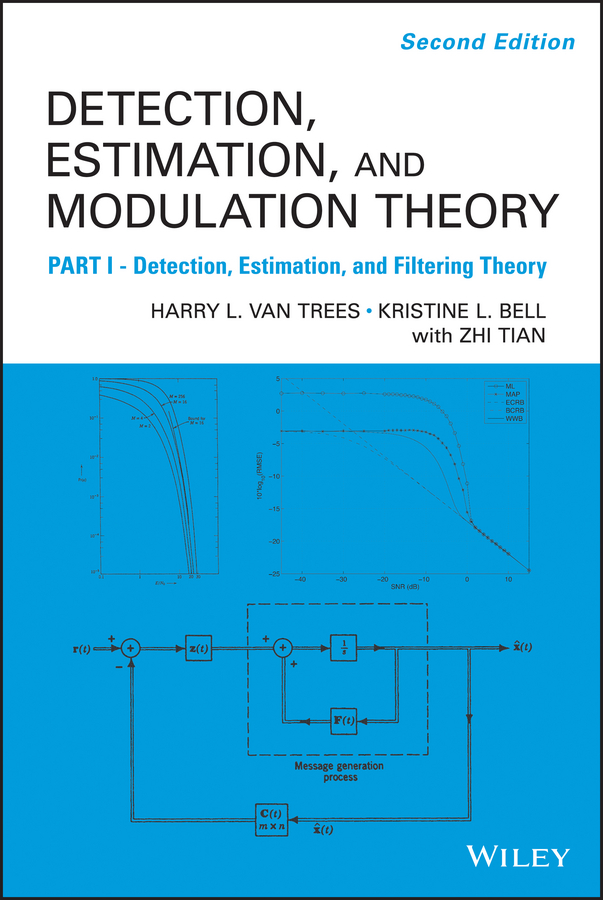
Detection Estimation and Modulation Theory, Part I Originally published in 1968, Harry Van Trees’s Detection, Estimation, and Modulation Theory, Part I is one of the great time-tested classics in the field of signal processing. Highly readable and practically organized, it is as imperative today for professionals, researchers, and students in optimum signal processing as it was over thirty years ago. The second edition is a thorough revision and expansion almost doubling the size of the first edition and accounting for the new developments thus making it again the most comprehensive and up-to-date treatment of the subject. With a wide range of applications such as radar, sonar, communications, seismology, biomedical engineering, and radar astronomy, among others, the important field of detection and estimation has rarely been given such expert treatment as it is here. Each chapter includes section summaries, realistic examples, and a large number of challenging problems that provide excellent study material. This volume which is Part I of a set of four volumes is the most important and widely used textbook and professional reference in the field. TECHNOLOGY & ENGINEERING,Signals & Signal Processing
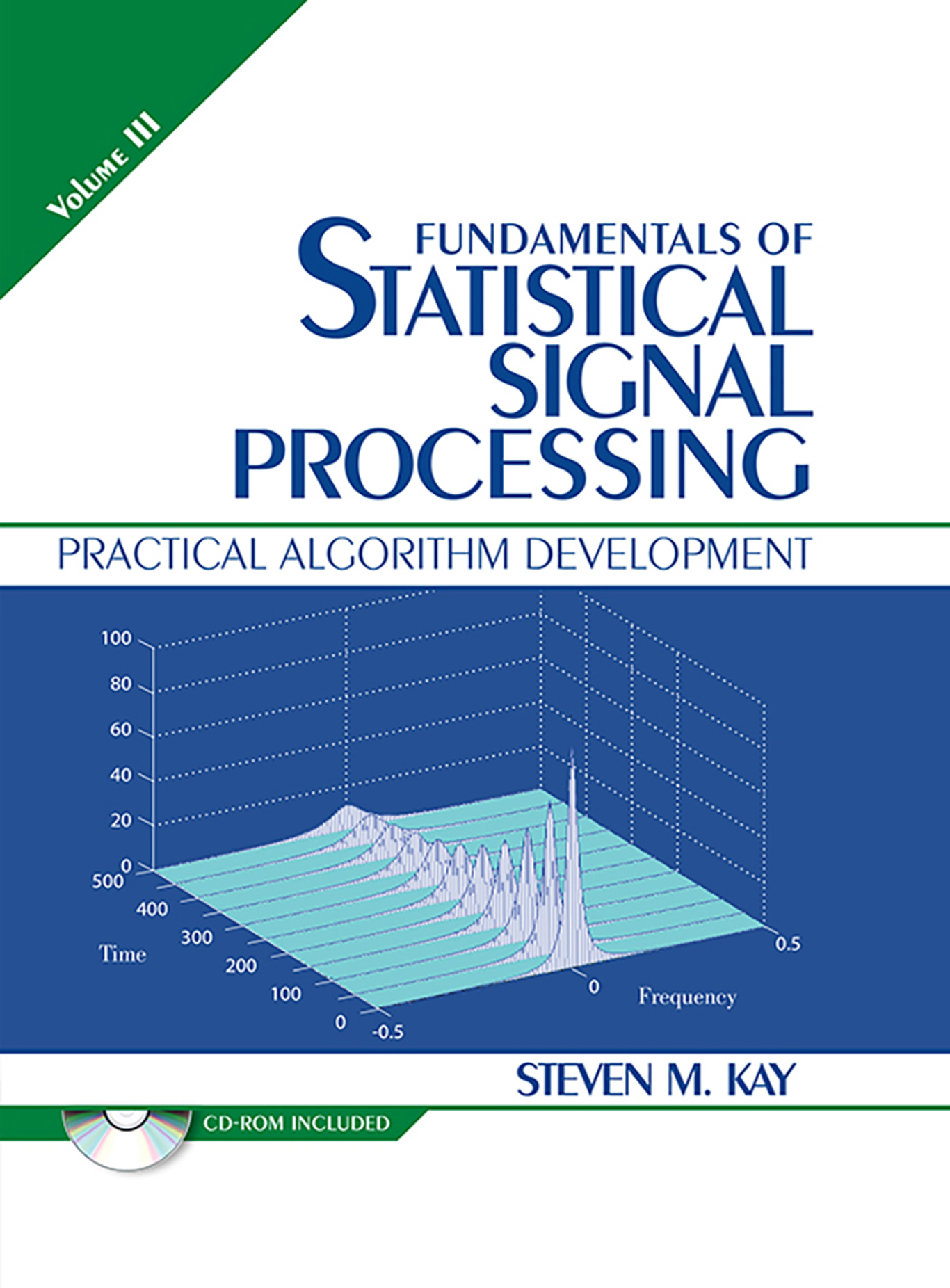
Fundamentals of Statistical Signal Processing, Volume III The Complete, Modern Guide to Developing Well-Performing Signal Processing Algorithms In Fundamentals of Statistical Signal Processing, Volume III: Practical Algorithm Development, author Steven M. Kay shows how to convert theories of statistical signal processing estimation and detection into software algorithms that can be implemented on digital computers. This final volume of Kay’s three-volume guide builds on the comprehensive theoretical coverage in the first two volumes. Here, Kay helps readers develop strong intuition and expertise in designing well-performing algorithms that solve real-world problems. Kay begins by reviewing methodologies for developing signal processing algorithms, including mathematical modeling, computer simulation, and performance evaluation. He links concepts to practice by presenting useful analytical results and implementations for design, evaluation, and testing. Next, he highlights specific algorithms that have “stood the test of time,†offers realistic examples from several key application areas, and introduces useful extensions. Finally, he guides readers through translating mathematical algorithms into MATLAB® code and verifying solutions. Topics covered include Step by step approach to the design of algorithms Comparing and choosing signal and noise models Performance evaluation, metrics, tradeoffs, testing, and documentation Optimal approaches using the “big theorems†Algorithms for estimation, detection, and spectral estimation Complete case studies: Radar Doppler center frequency estimation, magnetic signal detection, and heart rate monitoring Exercises are presented throughout, with full solutions. This new volume is invaluable to engineers, scientists, and advanced students in every discipline that relies on signal processing; researchers will especially appreciate its timely overview of the state of the practical art. Volume III complements Dr. Kay’s Fundamentals of Statistical Signal Processing, Volume I: Estimation Theory (Prentice Hall, 1993; ISBN-13: 978-0-13-345711-7), and Volume II: Detection Theory (Prentice Hall, 1998; ISBN-13: 978-0-13-504135-2). TECHNOLOGY & ENGINEERING,Signals & Signal Processing
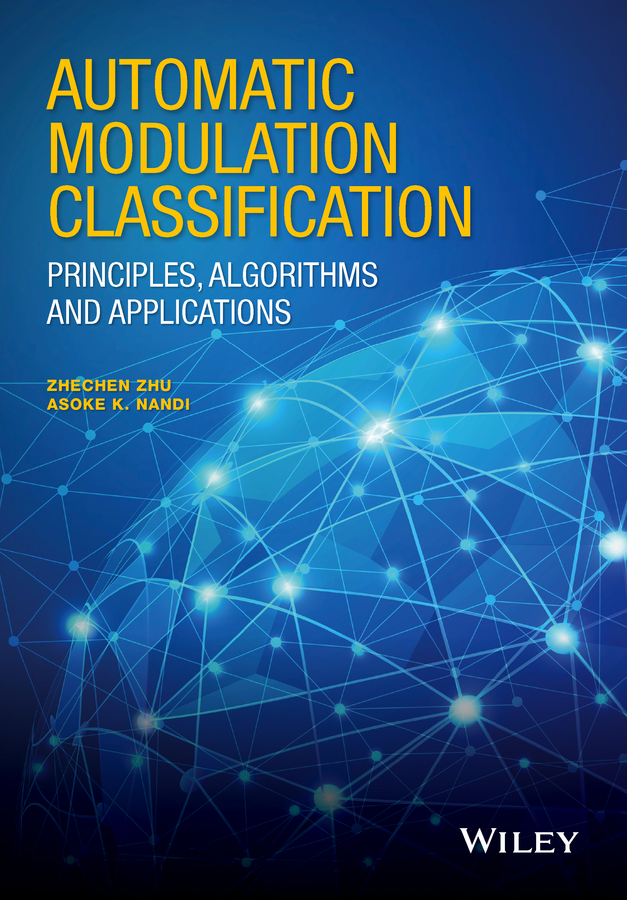
Automatic Modulation Classification Automatic Modulation Classification (AMC) has been a key technology in many military, security, and civilian telecommunication applications for decades. In military and security applications, modulation often serves as another level of encryption; in modern civilian applications, multiple modulation types can be employed by a signal transmitter to control the data rate and link reliability. This book offers comprehensive documentation of AMC models, algorithms and implementations for successful modulation recognition. It provides an invaluable theoretical and numerical comparison of AMC algorithms, as well as guidance on state-of-the-art classification designs with specific military and civilian applications in mind. Key Features: Provides an important collection of AMC algorithms in five major categories, from likelihood-based classifiers and distribution-test-based classifiers to feature-based classifiers, machine learning assisted classifiers and blind modulation classifiers Lists detailed implementation for each algorithm based on a unified theoretical background and a comprehensive theoretical and numerical performance comparison Gives clear guidance for the design of specific automatic modulation classifiers for different practical applications in both civilian and military communication systems Includes a MATLAB toolbox on a companion website offering the implementation of a selection of methods discussed in the book TECHNOLOGY & ENGINEERING,Signals & Signal Processing
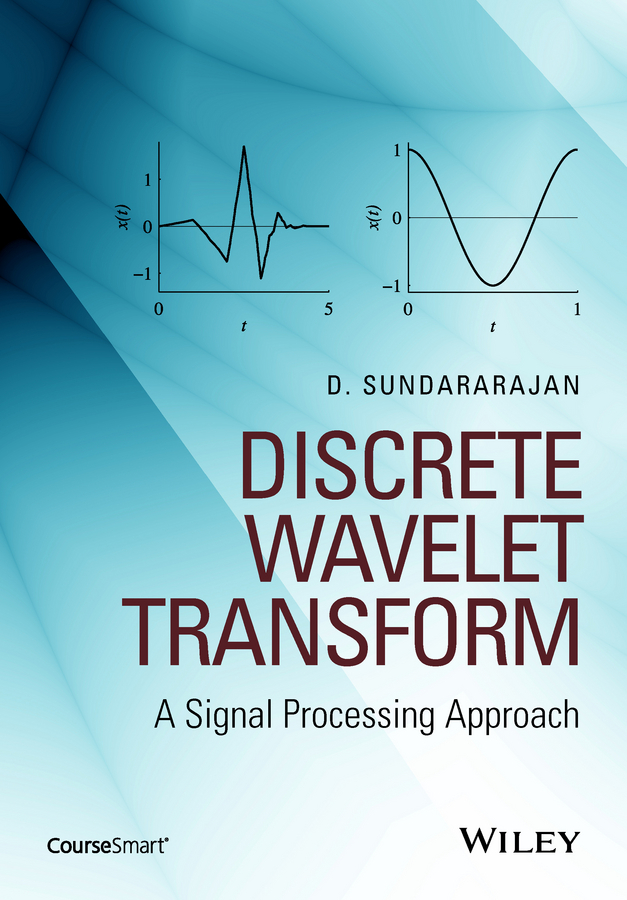
Discrete Wavelet Transform Provides easy learning and understanding of DWT from a signal processing point of view Presents DWT from a digital signal processing point of view, in contrast to the usual mathematical approach, making it highly accessible Offers a comprehensive coverage of related topics, including convolution and correlation, Fourier transform, FIR filter, orthogonal and biorthogonal filters Organized systematically, starting from the fundamentals of signal processing to the more advanced topics of DWT and Discrete Wavelet Packet Transform. Written in a clear and concise manner with abundant examples, figures and detailed explanations Features a companion website that has several MATLAB programs for the implementation of the DWT with commonly used filters “This well-written textbook is an introduction to the theory of discrete wavelet transform (DWT) and its applications in digital signal and image processing.†-- Prof. Dr. Manfred Tasche - Institut für Mathematik, Uni Rostock Full review at https://zbmath.org/?q=an:06492561 TECHNOLOGY & ENGINEERING,Signals & Signal Processing
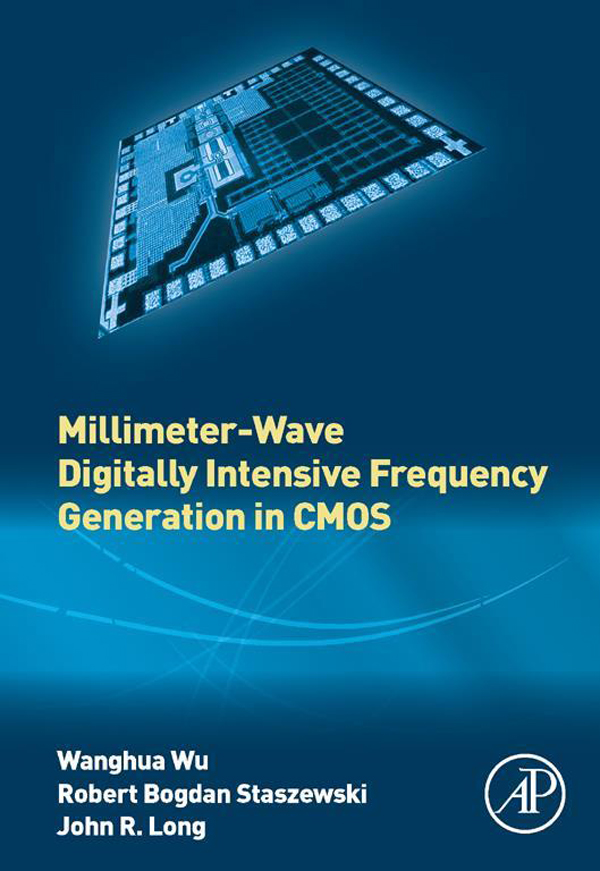
Millimeter-Wave Digitally Intensive Frequency Generation in CMOS This book describes the digitally intensive time-domain architectures and techniques applied to millimeter-wave frequency synthesis, with the objective of improving performance and reducing the cost of implementation. Coverage includes system architecture, system level modeling, critical building block design, and digital calibration techniques, making it highly suitable for those who want to learn about mm-wave frequency generation for communication and radar applications, integrated circuit implementation, and time-domain circuit and system techniques. Highlights the challenges of frequency synthesis at mm-wave band using CMOS technology Compares the various approaches for mm-wave frequency generation (pros and cons) Introduces the digitally intensive synthesizer approach and its advantages Discusses the proper partitioning of the digitally intensive mm-wave frequency synthesizer into mm-wave, RF, analog, digital and software components Provides detailed design techniques from system level to circuit level Addresses system modeling, simulation techniques, design-for-test, and layout issues Demonstrates the use of time-domain techniques for high-performance mm-wave frequency synthesis TECHNOLOGY & ENGINEERING,Signals & Signal Processing

Arithmetic Circuits for DSP Applications A comprehensive guide to the fundamental concepts, designs, and implementation schemes, performance considerations, and applications of arithmetic circuits for DSP Arithmetic Circuits for DSP Applications is a complete resource on arithmetic circuits for digital signal processing (DSP). It covers the key concepts, designs and developments of different types of arithmetic circuits, which can be used for improving the efficiency of implementation of a multitude of DSP applications. Each chapter includes various applications of the respective class of arithmetic circuits along with information on the future scope of research. Written for students, engineers, and researchers in electrical and computer engineering, this comprehensive text offers a clear understanding of different types of arithmetic circuits used for digital signal processing applications. The text includes contributions from noted researchers on a wide range of topics, including a review of circuits used in implementing basic operations like additions and multiplications; distributed arithmetic as a technique for the multiplier-less implementation of inner products for DSP applications; discussions on look up table-based techniques and their key applications; CORDIC circuits for calculation of trigonometric, hyperbolic and logarithmic functions; real and complex multiplications, division, and square-root; solution of linear systems; eigenvalue estimation; singular value decomposition; QR factorization and many other functions through the use of simple shift-add operations; and much more. This book serves as a comprehensive resource, which describes the arithmetic circuits as fundamental building blocks for state-of-the-art DSP and reviews in - depth the scope of their applications. TECHNOLOGY & ENGINEERING,Signals & Signal Processing
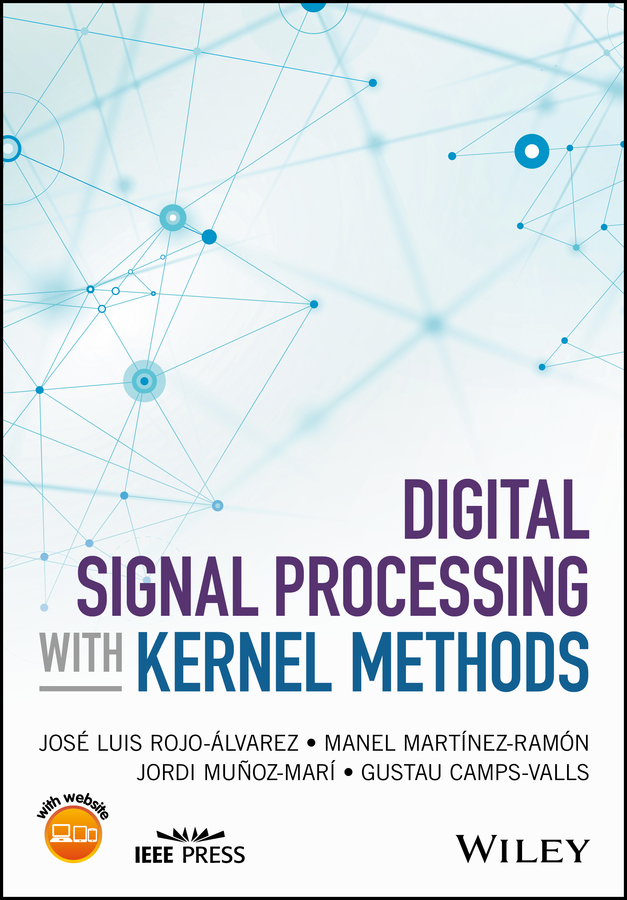
Digital Signal Processing with Kernel Methods A realistic and comprehensive review of joint approaches to machine learning and signal processing algorithms, with application to communications, multimedia, and biomedical engineering systems Digital Signal Processing with Kernel Methods reviews the milestones in the mixing of classical digital signal processing models and advanced kernel machines statistical learning tools. It explains the fundamental concepts from both fields of machine learning and signal processing so that readers can quickly get up to speed in order to begin developing the concepts and application software in their own research. Digital Signal Processing with Kernel Methods provides a comprehensive overview of kernel methods in signal processing, without restriction to any application field. It also offers example applications and detailed benchmarking experiments with real and synthetic datasets throughout. Readers can find further worked examples with Matlab source code on a website developed by the authors: http://github.com/DSPKM • Presents the necessary basic ideas from both digital signal processing and machine learning concepts • Reviews the state-of-the-art in SVM algorithms for classification and detection problems in the context of signal processing • Surveys advances in kernel signal processing beyond SVM algorithms to present other highly relevant kernel methods for digital signal processing An excellent book for signal processing researchers and practitioners, Digital Signal Processing with Kernel Methods will also appeal to those involved in machine learning and pattern recognition. TECHNOLOGY & ENGINEERING,Signals & Signal Processing
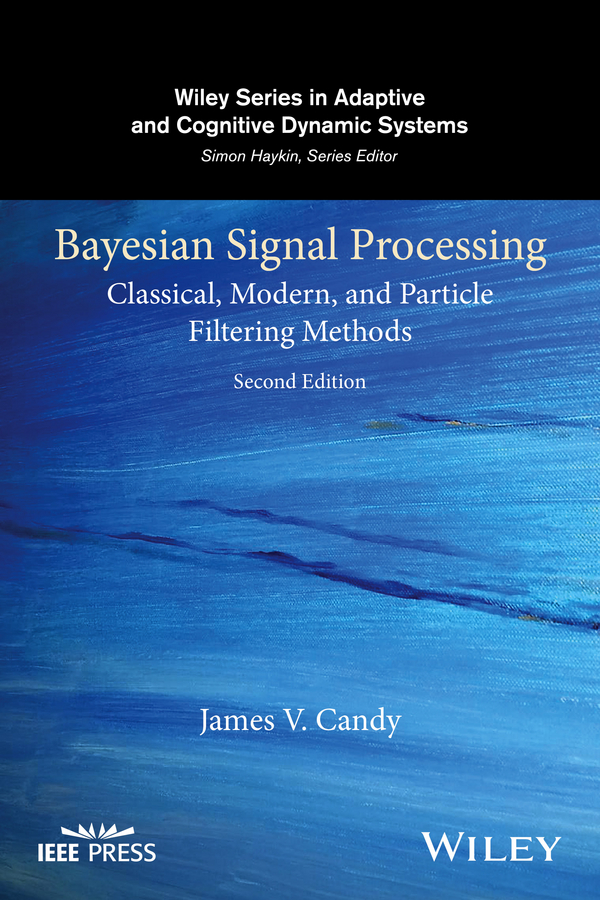
Bayesian Signal Processing Presents the Bayesian approach to statistical signal processing for a variety of useful model sets This book aims to give readers a unified Bayesian treatment starting from the basics (Baye’s rule) to the more advanced (Monte Carlo sampling), evolving to the next-generation model-based techniques (sequential Monte Carlo sampling). This next edition incorporates a new chapter on “Sequential Bayesian Detection,†a new section on “Ensemble Kalman Filters†as well as an expansion of Case Studies that detail Bayesian solutions for a variety of applications. These studies illustrate Bayesian approaches to real-world problems incorporating detailed particle filter designs, adaptive particle filters and sequential Bayesian detectors. In addition to these major developments a variety of sections are expanded to “fill-in-the gaps†of the first edition. Here metrics for particle filter (PF) designs with emphasis on classical “sanity testing†lead to ensemble techniques as a basic requirement for performance analysis. The expansion of information theory metrics and their application to PF designs is fully developed and applied. These expansions of the book have been updated to provide a more cohesive discussion of Bayesian processing with examples and applications enabling the comprehension of alternative approaches to solving estimation/detection problems. The second edition of Bayesian Signal Processing features: “Classical†Kalman filtering for linear, linearized, and nonlinear systems; “modern†unscented and ensemble Kalman filters: and the “next-generation†Bayesian particle filters Sequential Bayesian detection techniques incorporating model-based schemes for a variety of real-world problems Practical Bayesian processor designs including comprehensive methods of performance analysis ranging from simple sanity testing and ensemble techniques to sophisticated information metrics New case studies on adaptive particle filtering and sequential Bayesian detection are covered detailing more Bayesian approaches to applied problem solving MATLAB® notes at the end of each chapter help readers solve complex problems using readily available software commands and point out other software packages available Problem sets included to test readers’ knowledge and help them put their new skills into practice Bayesian Signal Processing, Second Edition is written for all students, scientists, and engineers who investigate and apply signal processing to their everyday problems. TECHNOLOGY & ENGINEERING,Signals & Signal Processing

Think DSP If you understand basic mathematics and know how to program with Python, you’re ready to dive into signal processing. While most resources start with theory to teach this complex subject, this practical book introduces techniques by showing you how they’re applied in the real world. In the first chapter alone, you’ll be able to decompose a sound into its harmonics, modify the harmonics, and generate new sounds. Author Allen Downey explains techniques such as spectral decomposition, filtering, convolution, and the Fast Fourier Transform. This book also provides exercises and code examples to help you understand the material. You’ll explore: Periodic signals and their spectrums Harmonic structure of simple waveforms Chirps and other sounds whose spectrum changes over time Noise signals and natural sources of noise The autocorrelation function for estimating pitch The discrete cosine transform (DCT) for compression The Fast Fourier Transform for spectral analysis Relating operations in time to filters in the frequency domain Linear time-invariant (LTI) system theory Amplitude modulation (AM) used in radio Other books in this series include Think Stats and Think Bayes, also by Allen Downey. TECHNOLOGY & ENGINEERING,Signals & Signal Processing
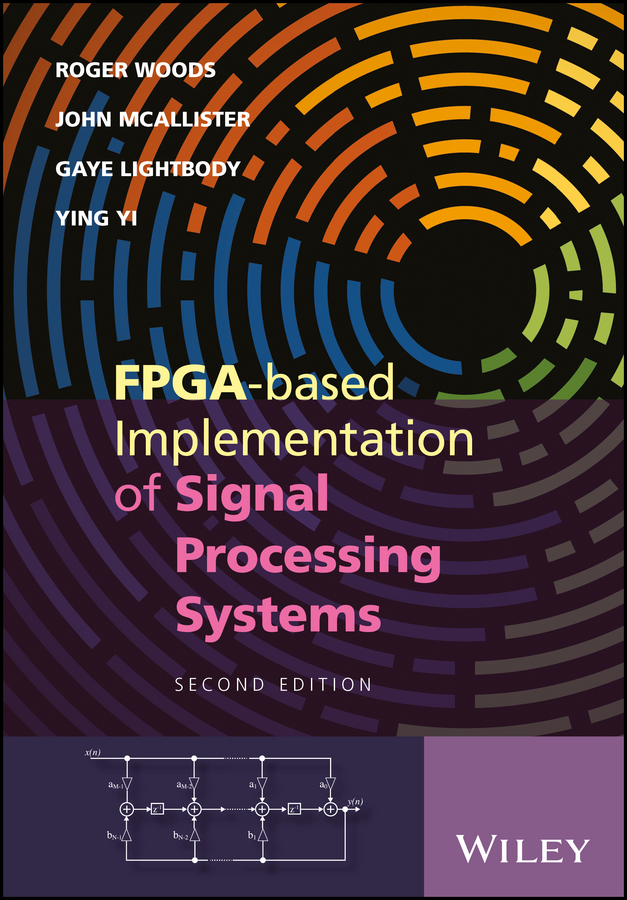
FPGA-based Implementation of Signal Processing Systems An important working resource for engineers and researchers involved in the design, development, and implementation of signal processing systems The last decade has seen a rapid expansion of the use of field programmable gate arrays (FPGAs) for a wide range of applications beyond traditional digital signal processing (DSP) systems. Written by a team of experts working at the leading edge of FPGA research and development, this second edition of FPGA-based Implementation of Signal Processing Systems has been extensively updated and revised to reflect the latest iterations of FPGA theory, applications, and technology. Written from a system-level perspective, it features expert discussions of contemporary methods and tools used in the design, optimization and implementation of DSP systems using programmable FPGA hardware. And it provides a wealth of practical insights—along with illustrative case studies and timely real-world examples—of critical concern to engineers working in the design and development of DSP systems for radio, telecommunications, audio-visual, and security applications, as well as bioinformatics, Big Data applications, and more. Inside you will find up-to-date coverage of: FPGA solutions for Big Data Applications, especially as they apply to huge data sets The use of ARM processors in FPGAs and the transfer of FPGAs towards heterogeneous computing platforms The evolution of High Level Synthesis tools—including new sections on Xilinx's HLS Vivado tool flow and Altera's OpenCL approach Developments in Graphical Processing Units (GPUs), which are rapidly replacing more traditional DSP systems FPGA-based Implementation of Signal Processing Systems, 2nd Edition is an indispensable guide for engineers and researchers involved in the design and development of both traditional and cutting-edge data and signal processing systems. Senior-level electrical and computer engineering graduates studying signal processing or digital signal processing also will find this volume of great interest. TECHNOLOGY & ENGINEERING,Signals & Signal Processing
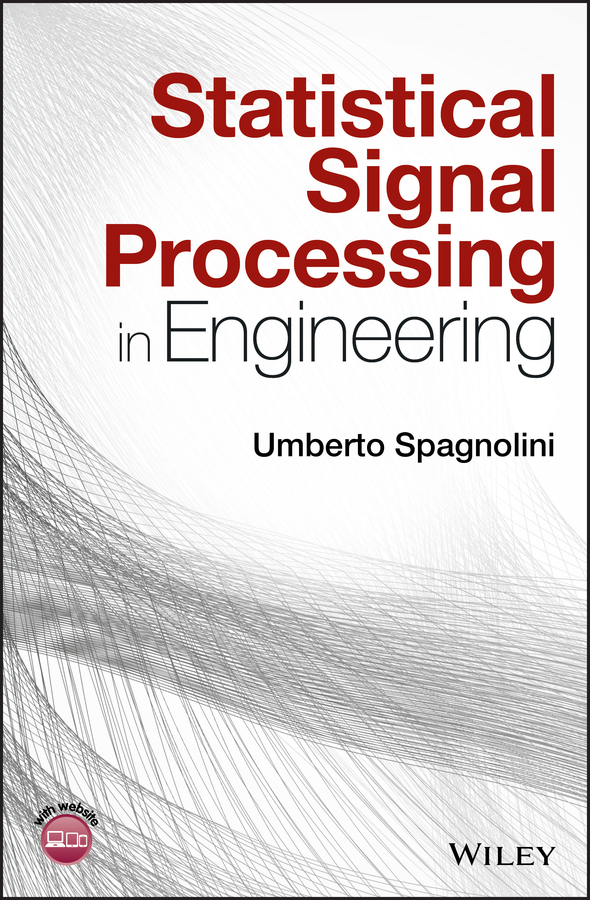
Statistical Signal Processing in Engineering A problem-solving approach to statistical signal processing for practicing engineers, technicians, and graduate students This book takes a pragmatic approach in solving a set of common problems engineers and technicians encounter when processing signals. In writing it, the author drew on his vast theoretical and practical experience in the field to provide a quick-solution manual for technicians and engineers, offering field-tested solutions to most problems engineers can encounter. At the same time, the book delineates the basic concepts and applied mathematics underlying each solution so that readers can go deeper into the theory to gain a better idea of the solution’s limitations and potential pitfalls, and thus tailor the best solution for the specific engineering application. Uniquely, Statistical Signal Processing in Engineering can also function as a textbook for engineering graduates and post-graduates. Dr. Spagnolini, who has had a quarter of a century of experience teaching graduate-level courses in digital and statistical signal processing methods, provides a detailed axiomatic presentation of the conceptual and mathematical foundations of statistical signal processing that will challenge students’ analytical skills and motivate them to develop new applications on their own, or better understand the motivation underlining the existing solutions. Throughout the book, some real-world examples demonstrate how powerful a tool statistical signal processing is in practice across a wide range of applications. Takes an interdisciplinary approach, integrating basic concepts and tools for statistical signal processing Informed by its author’s vast experience as both a practitioner and teacher Offers a hands-on approach to solving problems in statistical signal processing Covers a broad range of applications, including communication systems, machine learning, wavefield and array processing, remote sensing, image filtering and distributed computations Features numerous real-world examples from a wide range of applications showing the mathematical concepts involved in practice Includes MATLAB code of many of the experiments in the book Statistical Signal Processing in Engineering is an indispensable working resource for electrical engineers, especially those working in the information and communication technology (ICT) industry. It is also an ideal text for engineering students at large, applied mathematics post-graduates and advanced undergraduates in electrical engineering, applied statistics, and pure mathematics, studying statistical signal processing. TECHNOLOGY & ENGINEERING,Signals & Signal Processing

Fundamentals of Signal Enhancement and Array Signal Processing A comprehensive guide to the theory and practice of signal enhancement and array signal processing, including matlab codes, exercises and instructor and solution manuals Systematically introduces the fundamental principles, theory and applications of signal enhancement and array signal processing in an accessible manner Offers an updated and relevant treatment of array signal processing with rigor and concision Features a companion website that includes presentation files with lecture notes, homework exercises, course projects, solution manuals, instructor manuals, and Matlab codes for the examples in the book TECHNOLOGY & ENGINEERING,Signals & Signal Processing
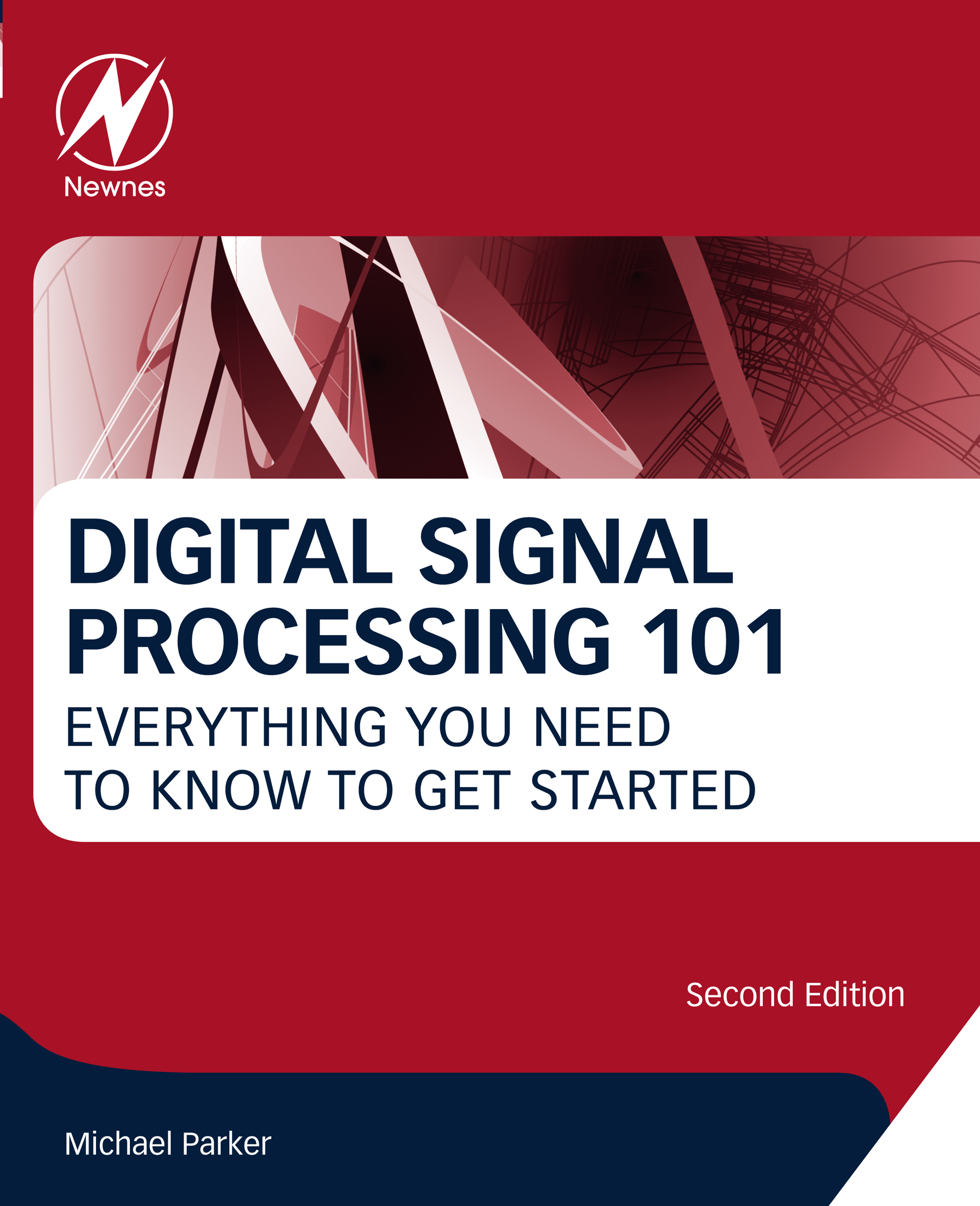
Digital Signal Processing 101 Digital Signal Processing 101: Everything You Need to Know to Get Started provides a basic tutorial on digital signal processing (DSP). Beginning with discussions of numerical representation and complex numbers and exponentials, it goes on to explain difficult concepts such as sampling, aliasing, imaginary numbers, and frequency response. It does so using easy-to-understand examples with minimum mathematics. In addition, there is an overview of the DSP functions and implementation used in several DSP-intensive fields or applications, from error correction to CDMA mobile communication to airborne radar systems. This book has been updated to include the latest developments in Digital Signal Processing, and has eight new chapters on: Automotive Radar Signal Processing Space-Time Adaptive Processing Radar Field Orientated Motor Control Matrix Inversion algorithms GPUs for computing Machine Learning Entropy and Predictive Coding Video compression Features eight new chapters on Automotive Radar Signal Processing, Space-Time Adaptive Processing Radar, Field Orientated Motor Control, Matrix Inversion algorithms, GPUs for computing, Machine Learning, Entropy and Predictive Coding, and Video compression Provides clear examples and a non-mathematical approach to get you up to speed quickly Includes an overview of the DSP functions and implementation used in typical DSP-intensive applications, including error correction, CDMA mobile communication, and radar systems TECHNOLOGY & ENGINEERING,Signals & Signal Processing
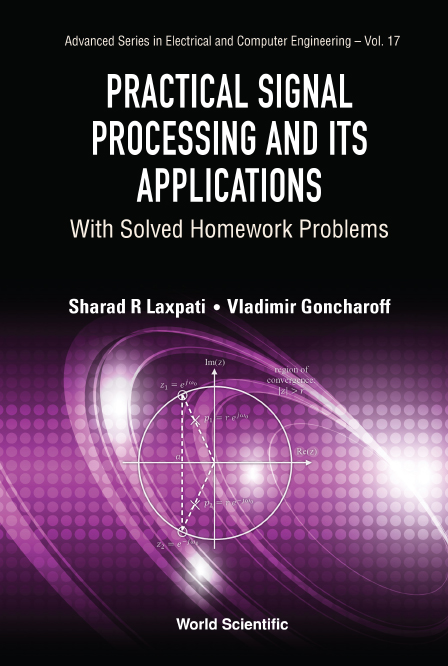
Practical Signal Processing And Its Applications This textbook gives a fresh approach to an introductory course in signal processing. Its unique feature is to alternate chapters on continuous-time (analog) and discrete-time (digital) signal processing concepts in a parallel and synchronized manner. This presentation style helps readers to realize and understand the close relationships between continuous and discrete time signal processing, and lays a solid foundation for the study of practical applications such as the analysis and design of analog and digital filters.The compendium provides motivation and necessary mathematical rigor. It generalizes the Fourier transform to Laplace and Z transforms, applies these transforms to linear system analysis, covers the time and frequency-domain analysis of differential and difference equations, and presents practical applications of these techniques to convince readers of their usefulness. MATLAB® examples are provided throughout, and over 100 pages of solved homework problems are included in the appendix. TECHNOLOGY & ENGINEERING,Signals & Signal Processing
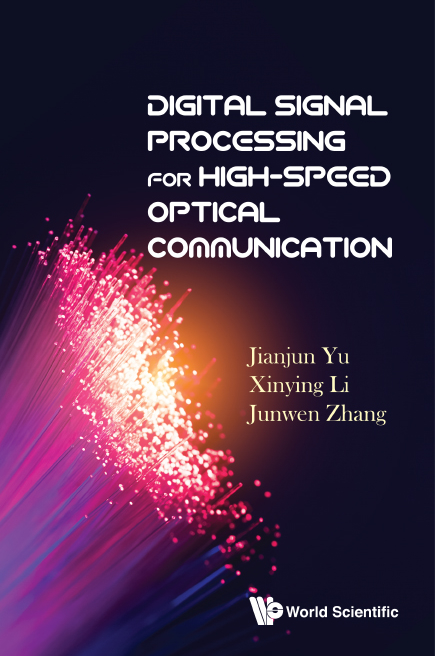
Digital Signal Processing For High-speed Optical Communication There is an increasing tendency to integrate optical communication with wireless communication to satisfy continuously emerging (new) data communication demands. Thus, optical-wireless-integrated access networks and transmission systems, as well as LED-based visible light communication are attracting ever increasing research interest. Digital signal processing (DSP) is one new technology for optical transmission. As such this book is designed to pave the way to the better understanding of the deployment of DSP in optical fiber communication systems.Digital Signal Processing for High-Speed Optical Communication covers a wide area of DSP topics in optical communications, and describes state-of-the-art digital signal processing techniques for high-speed optical communication. In this book, numerous advanced digital signal processing techniques aiming at the promotion of the capacity increase and performance improvement of optical or optical-wireless communication systems and networks are presented and explained. Coverage includes new technologies, optical filter with MLSE, and new pre-coding and pre-equalization applicable to single-carrier and multi-carrier, direct-detection and coherent-detection optical commutation systems and networks. TECHNOLOGY & ENGINEERING,Signals & Signal Processing
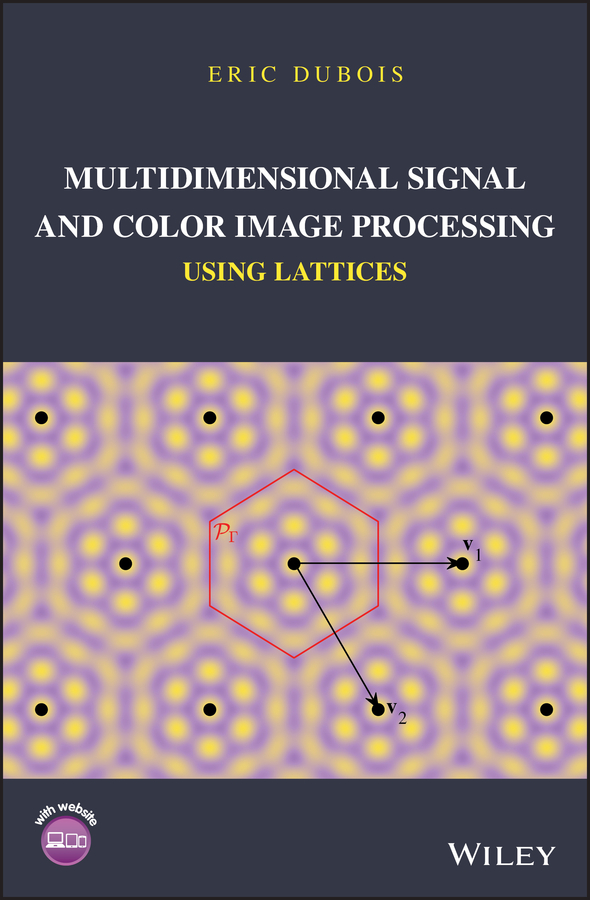
Multidimensional Signal and Color Image Processing Using Lattices An Innovative Approach to Multidimensional Signals and Systems Theory for Image and Video Processing In this volume, Eric Dubois further develops the theory of multi-D signal processing wherein input and output are vector-value signals. With this framework, he introduces the reader to crucial concepts in signal processing such as continuous- and discrete-domain signals and systems, discrete-domain periodic signals, sampling and reconstruction, light and color, random field models, image representation and more. While most treatments use normalized representations for non-rectangular sampling, this approach obscures much of the geometrical and scale information of the signal. In contrast, Dr. Dubois uses actual units of space-time and frequency. Basis-independent representations appear as much as possible, and the basis is introduced where needed to perform calculations or implementations. Thus, lattice theory is developed from the beginning and rectangular sampling is treated as a special case. This is especially significant in the treatment of color and color image processing and for discrete transform representations based on symmetry groups, including fast computational algorithms. Other features include: An entire chapter on lattices, giving the reader a thorough grounding in the use of lattices in signal processing Extensive treatment of lattices as used to describe discrete-domain signals and signal periodicities Chapters on sampling and reconstruction, random field models, symmetry invariant signals and systems and multidimensional Fourier transformation properties Supplemented throughout with MATLAB examples and accompanying downloadable source code Graduate and doctoral students as well as senior undergraduates and professionals working in signal processing or video/image processing and imaging will appreciate this fresh approach to multidimensional signals and systems theory, both as a thorough introduction to the subject and as inspiration for future research. TECHNOLOGY & ENGINEERING,Signals & Signal Processing
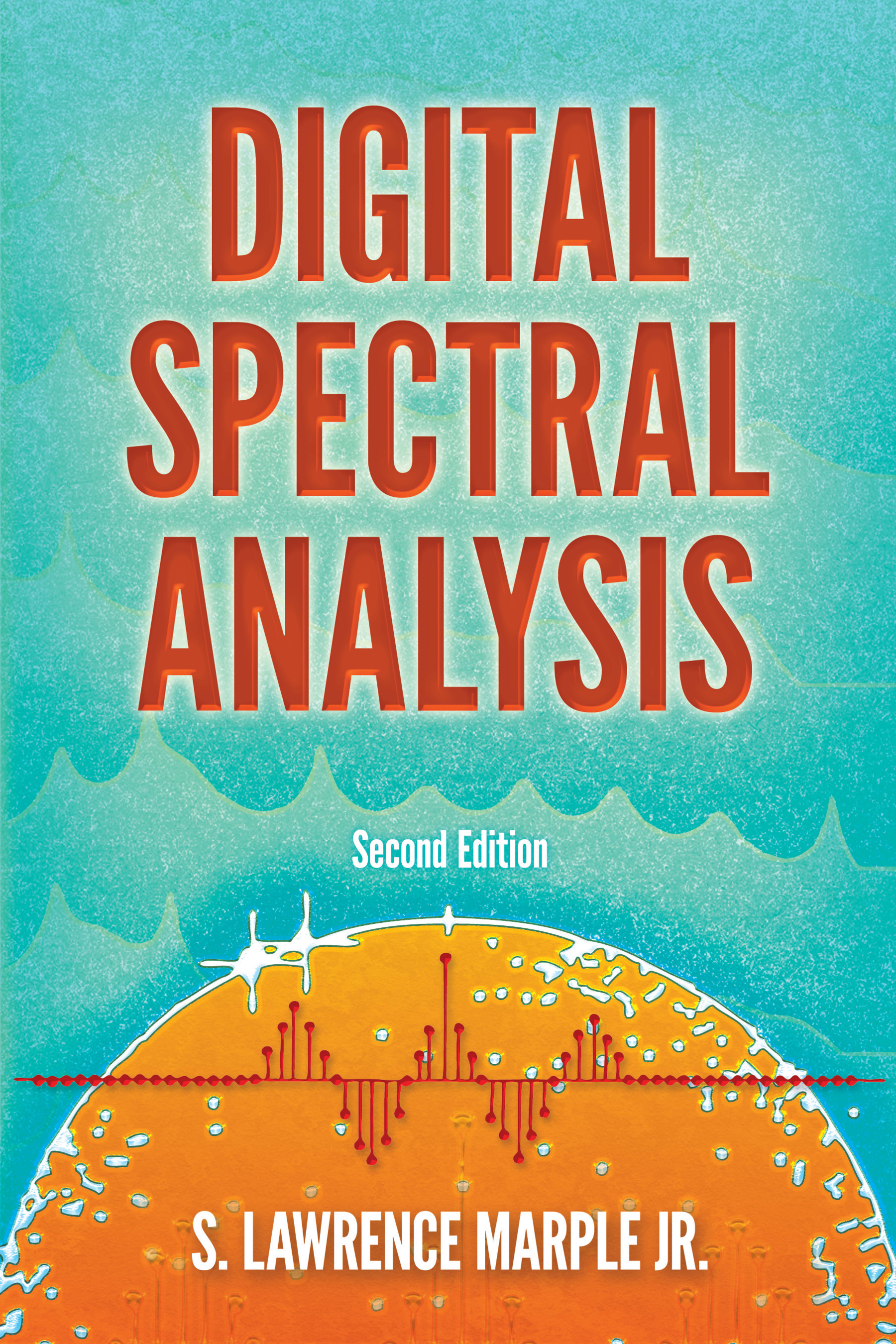
Digital Spectral Analysis Designed to offer a broad perspective on spectral estimations techniques and their implementation, this text provides theoretical background and review material in linear systems, Fourier transforms, matrix algebra, random processes, and statistics. 1987 edition. TECHNOLOGY & ENGINEERING,Signals & Signal Processing

Acoustics Acoustics: Sound Fields, Transducers and Vibration, Second Edition guides readers through the basics of sound fields, the laws governing sound generation, radiation, and propagation, and general terminology. Specific sections cover microphones (electromagnetic, electrostatic, and ribbon), earphones, and horns, loudspeaker enclosures, baffles and transmission lines, miniature applications (e.g. MEMS microphones and micro speakers in tablets and smart phones), sound in enclosures of all sizes, such as school rooms, offices, auditoriums and living rooms, and fluid-structure interaction. Numerical examples and summary charts are given throughout the text to make the material easily applicable to practical design. New to this edition: A chapter on electrostatic loudspeakers A chapter on vibrating surfaces (membranes, plates, and shells) Readers will find this to be a valuable resource for experimenters, acoustical consultants, and to those who anticipate being engineering designers of audio equipment. It will serve as both a text for students in engineering departments and as a valuable reference for practicing engineers. Provides detailed acoustic fundamentals, enabling better understanding of complex design parameters, measurement methods and data Extensive appendices cover frequency-response shapes for loudspeakers, mathematical formulas and conversion factors TECHNOLOGY & ENGINEERING,Signals & Signal Processing
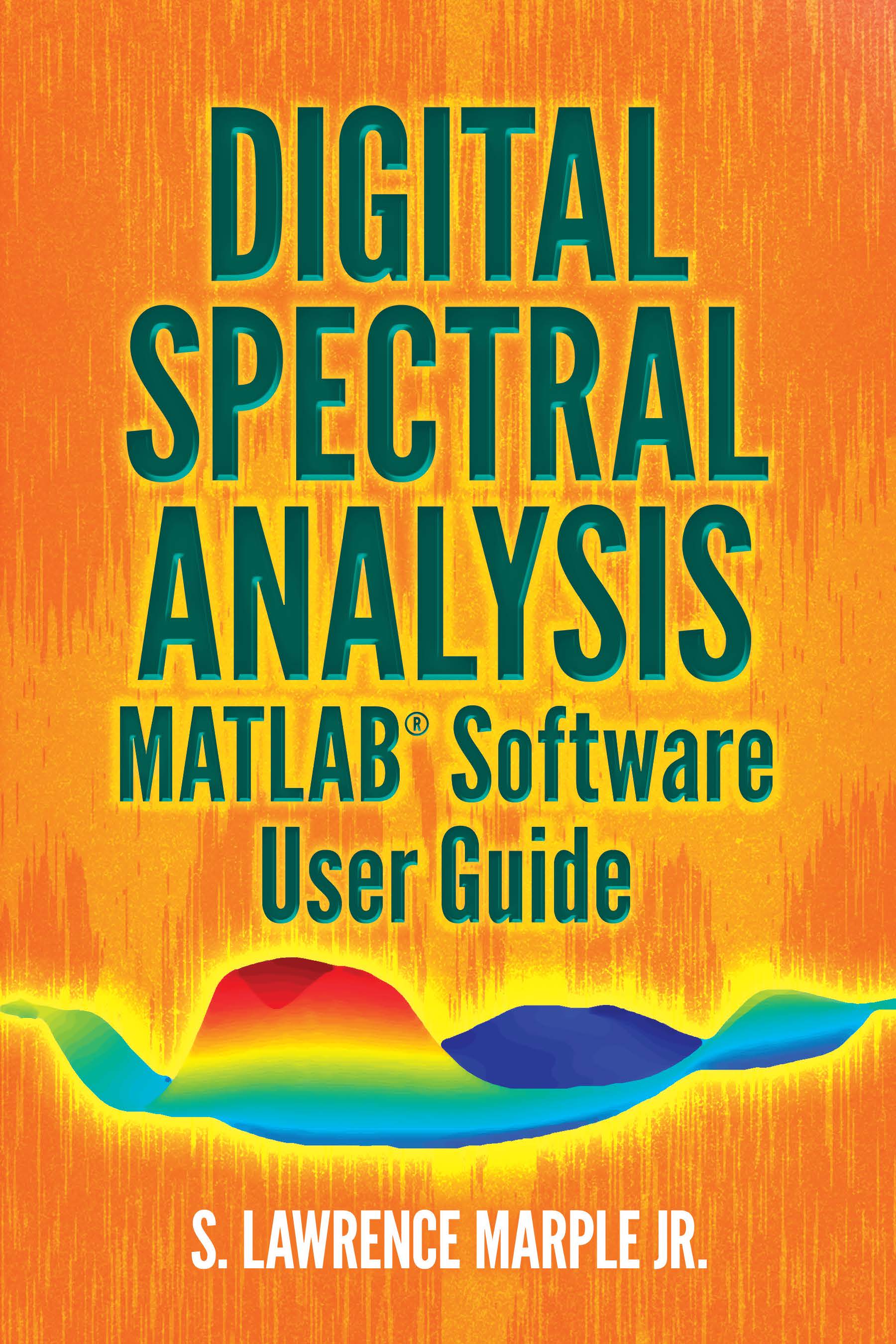
Digital Spectral Analysis MATLAB® Software User Guide This user guide serves as a companion to Dover's Digital Spectral Analysis, Second Edition, illustrating all of the text's techniques and algorithms. Free downloads of additional related files are available from the Dover website. 2019 edition. TECHNOLOGY & ENGINEERING,Signals & Signal Processing

Advances in Imaging and Electron Physics Computer Techniques for Image Processing in Electron Microscopy, Volume 214 in the Advances in Imaging and Electron Physics series, presents the latest advances in the field, with this new volume covering Image Formation Theory, The Discrete Fourier Transform, Analytic Images, The Image and Diffraction Plane Problem: Uniqueness, The Image and Diffraction Plane Problem: Numerical Methods, The Image and Diffraction Plane Problem: Computational Trials, Alternative Data for the Phase Determination, The Hardware of Digital Image Handling, Basic Software or Digital Image Handling, Improc, and much more. Provides the authority and expertise of leading contributors from an international board of authors Presents the latest release in the Advances in Imaging and Electron Physics series TECHNOLOGY & ENGINEERING,Signals & Signal Processing
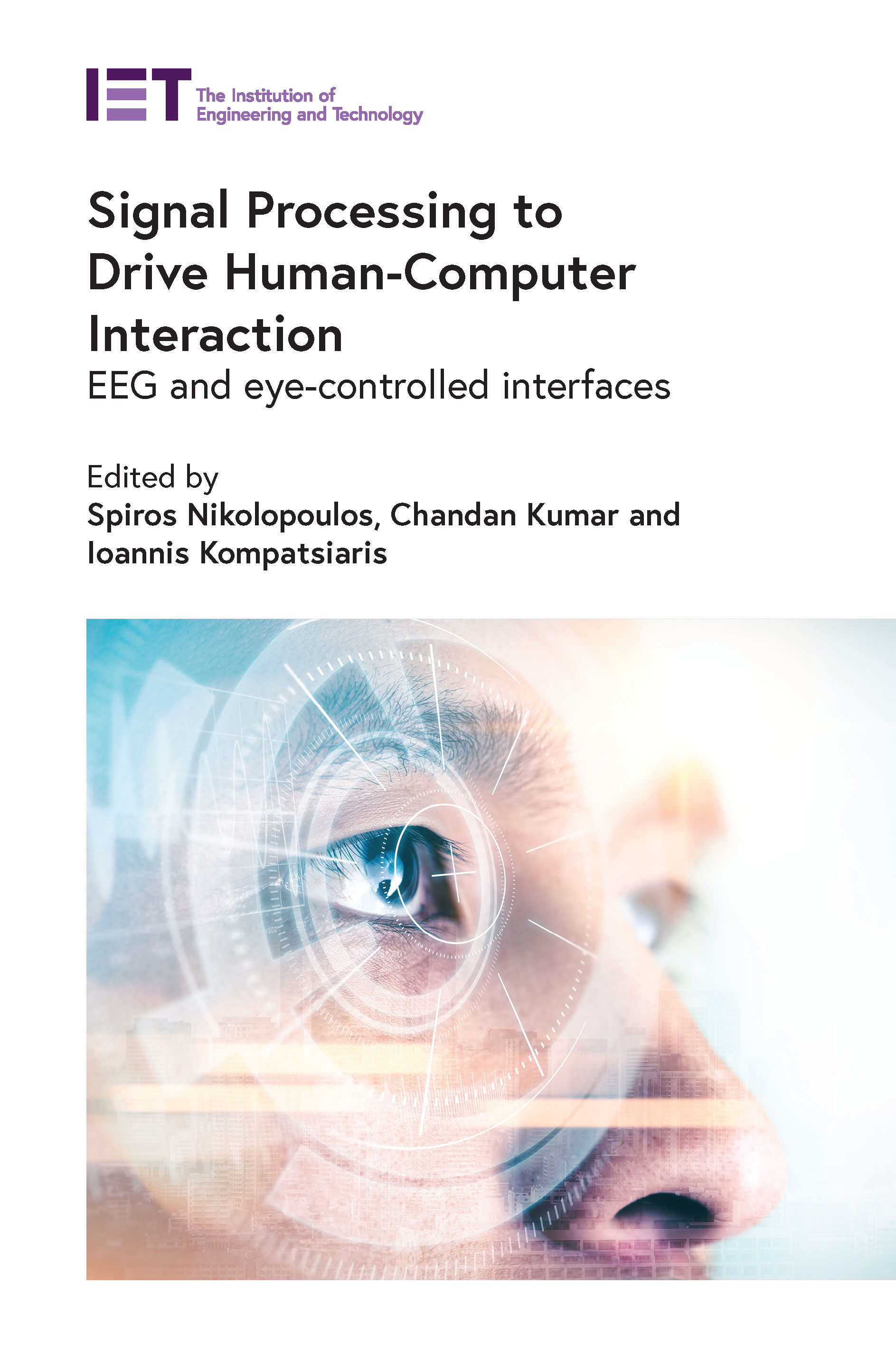
Signal Processing to Drive Human-Computer Interaction In this book, the contributors show how brain-signal processing can be used to drive a human-computer interface (HCI) using processing results from a single modality or a combination. They present concrete usage scenarios and applications in multimedia interfaces, drawing on a wide range of examples covering communications and healthcare. TECHNOLOGY & ENGINEERING,Signals & Signal Processing
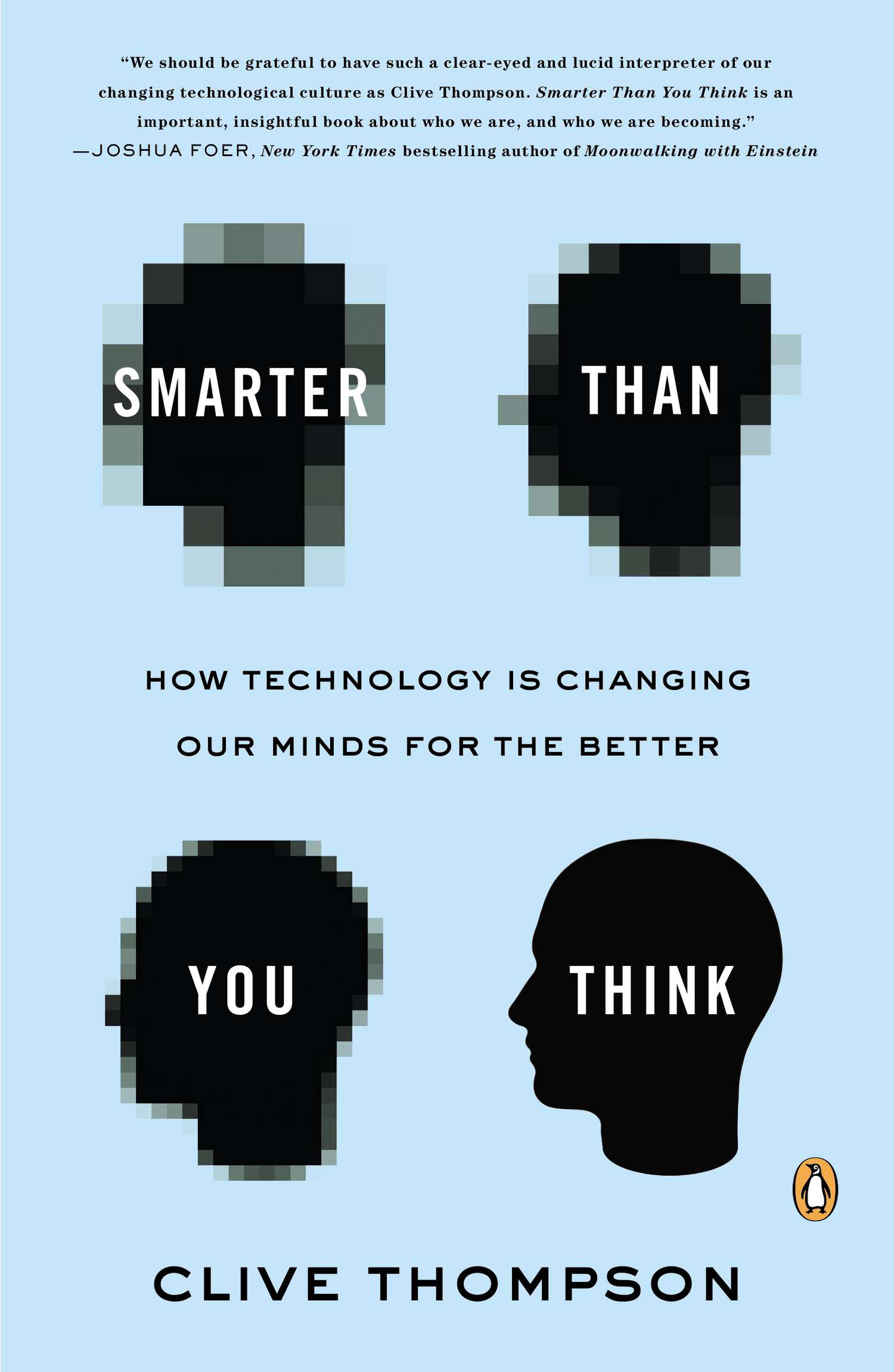
Smarter Than You Think A revelatory and timely look at how technology boosts our cognitive abilities—making us smarter, more productive, and more creative than ever It’s undeniable—technology is changing the way we think. But is it for the better? Amid a chorus of doomsayers, Clive Thompson delivers a resounding “yes.” In Smarter Than You Think, Thompson shows that every technological innovation—from the written word to the printing press to the telegraph—has provoked the very same anxieties that plague us today. We panic that life will never be the same, that our attentions are eroding, that culture is being trivialized. But, as in the past, we adapt—learning to use the new and retaining what is good of the old. Smarter Than You Think embraces and extols this transformation, presenting an exciting vision of the present and the future. TECHNOLOGY & ENGINEERING,Social Aspects

A Deadly Wandering "Deserves a spot next to Fast Food Nation and To Kill a Mockingbird in America’s high school curriculums. To say it may save lives is self-evident.†—New York Times Book Review (Editor's Choice) NEW YORK TIMES BESTSELLER • A BEST BOOK OF THE YEAR: San Francisco Chronicle, Chrisitian Science Monitor, Kirkus, Winnipeg Free Press One of the decade's most original and masterfully reported books, A Deadly Wandering by Pulitzer Prize–winning New York Times journalist Matt Richtel interweaves the cutting-edge science of attention with the tensely plotted story of a mysterious car accident and its aftermath to answer some of the defining questions of our time: What is technology doing to us? Can our minds keep up with the pace of change? How can we find balance? On the last day of summer, an ordinary Utah college student named Reggie Shaw fatally struck two rocket scientists while texting and driving along a majestic stretch of highway bordering the Rocky Mountains. A Deadly Wandering follows Reggie from the moment of the tragedy, through the police investigation, the state's groundbreaking prosecution, and ultimately, Reggie's wrenching admission of responsibility. Richtel parallels Reggie's journey with leading-edge scientific findings on the impact technology has on our brains, showing how these devices play to our deepest social instincts. A propulsive read filled with surprising scientific detail, riveting narrative tension, and rare emotional depth, A Deadly Wandering is a book that can change—and save—lives. TECHNOLOGY & ENGINEERING,Social Aspects
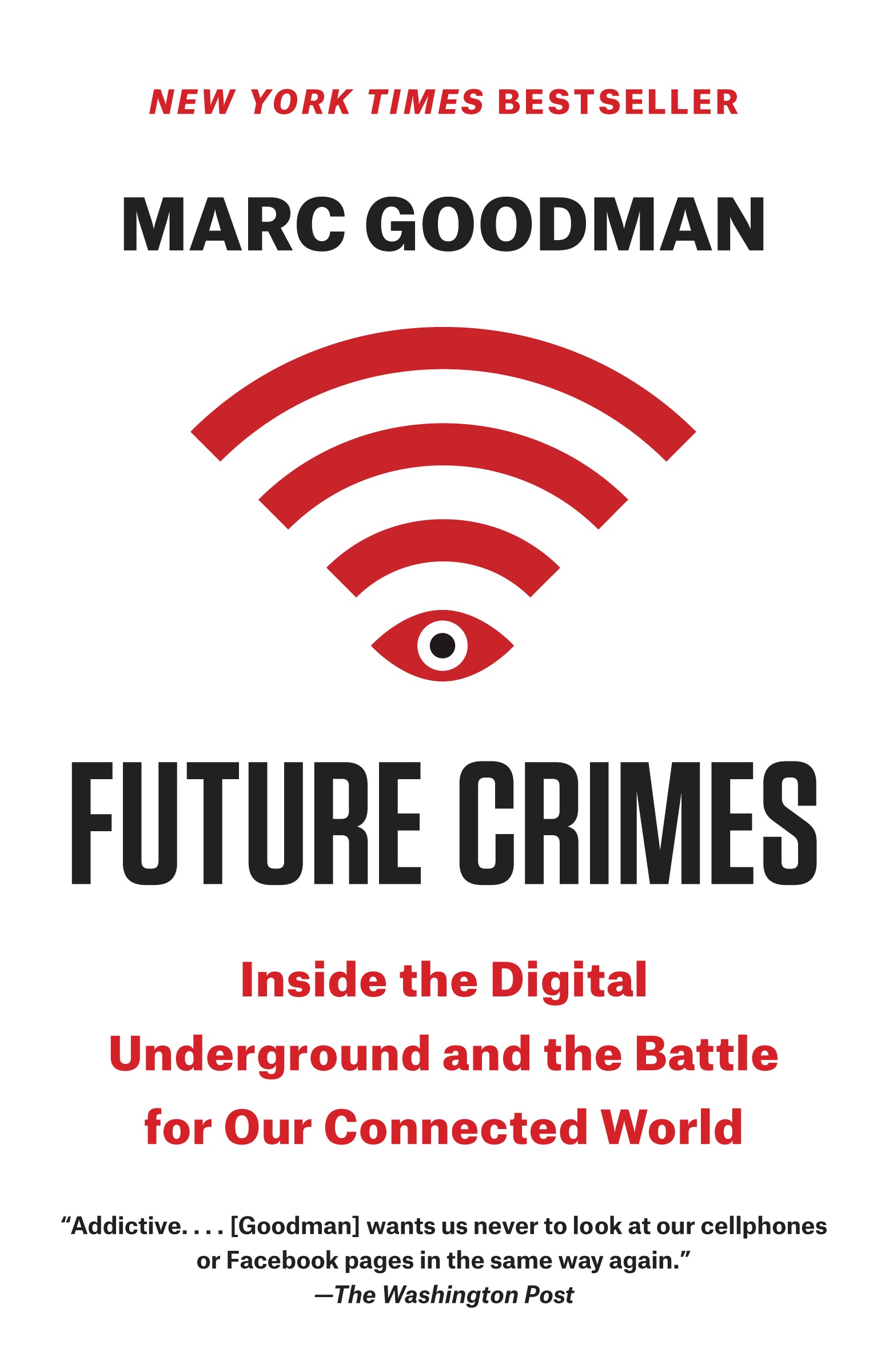
Future Crimes NEW YORK TIMES and WALL STREET JOURNAL BESTSELLER ONE OF THE WASHINGTON POST'S 10 BEST BOOKS OF 2015 One of the world’s leading authorities on global security, Marc Goodman takes readers deep into the digital underground to expose the alarming ways criminals, corporations, and even countries are using new and emerging technologies against you—and how this makes everyone more vulnerable than ever imagined. Technological advances have benefited our world in immeasurable ways, but there is an ominous flip side: our technology can be turned against us. Hackers can activate baby monitors to spy on families, thieves are analyzing social media posts to plot home invasions, and stalkers are exploiting the GPS on smart phones to track their victims’ every move. We all know today’s criminals can steal identities, drain online bank accounts, and wipe out computer servers, but that’s just the beginning. To date, no computer has been created that could not be hacked—a sobering fact given our radical dependence on these machines for everything from our nation’s power grid to air traffic control to financial services. Yet, as ubiquitous as technology seems today, just over the horizon is a tidal wave of scientific progress that will leave our heads spinning. If today’s Internet is the size of a golf ball, tomorrow’s will be the size of the sun. Welcome to the Internet of Things, a living, breathing, global information grid where every physical object will be online. But with greater connections come greater risks. Implantable medical devices such as pacemakers can be hacked to deliver a lethal jolt of electricity and a car’s brakes can be disabled at high speed from miles away. Meanwhile, 3-D printers can produce AK-47s, bioterrorists can download the recipe for Spanish flu, and cartels are using fleets of drones to ferry drugs across borders. With explosive insights based upon a career in law enforcement and counterterrorism, Marc Goodman takes readers on a vivid journey through the darkest recesses of the Internet. Reading like science fiction, but based in science fact, Future Crimes explores how bad actors are primed to hijack the technologies of tomorrow, including robotics, synthetic biology, nanotechnology, virtual reality, and artificial intelligence. These fields hold the power to create a world of unprecedented abundance and prosperity. But the technological bedrock upon which we are building our common future is deeply unstable and, like a house of cards, can come crashing down at any moment. Future Crimes provides a mind-blowing glimpse into the dark side of technological innovation and the unintended consequences of our connected world. Goodman offers a way out with clear steps we must take to survive the progress unfolding before us. Provocative, thrilling, and ultimately empowering, Future Crimes will serve as an urgent call to action that shows how we can take back control over our own devices and harness technology’s tremendous power for the betterment of humanity—before it’s too late. TECHNOLOGY & ENGINEERING,Social Aspects
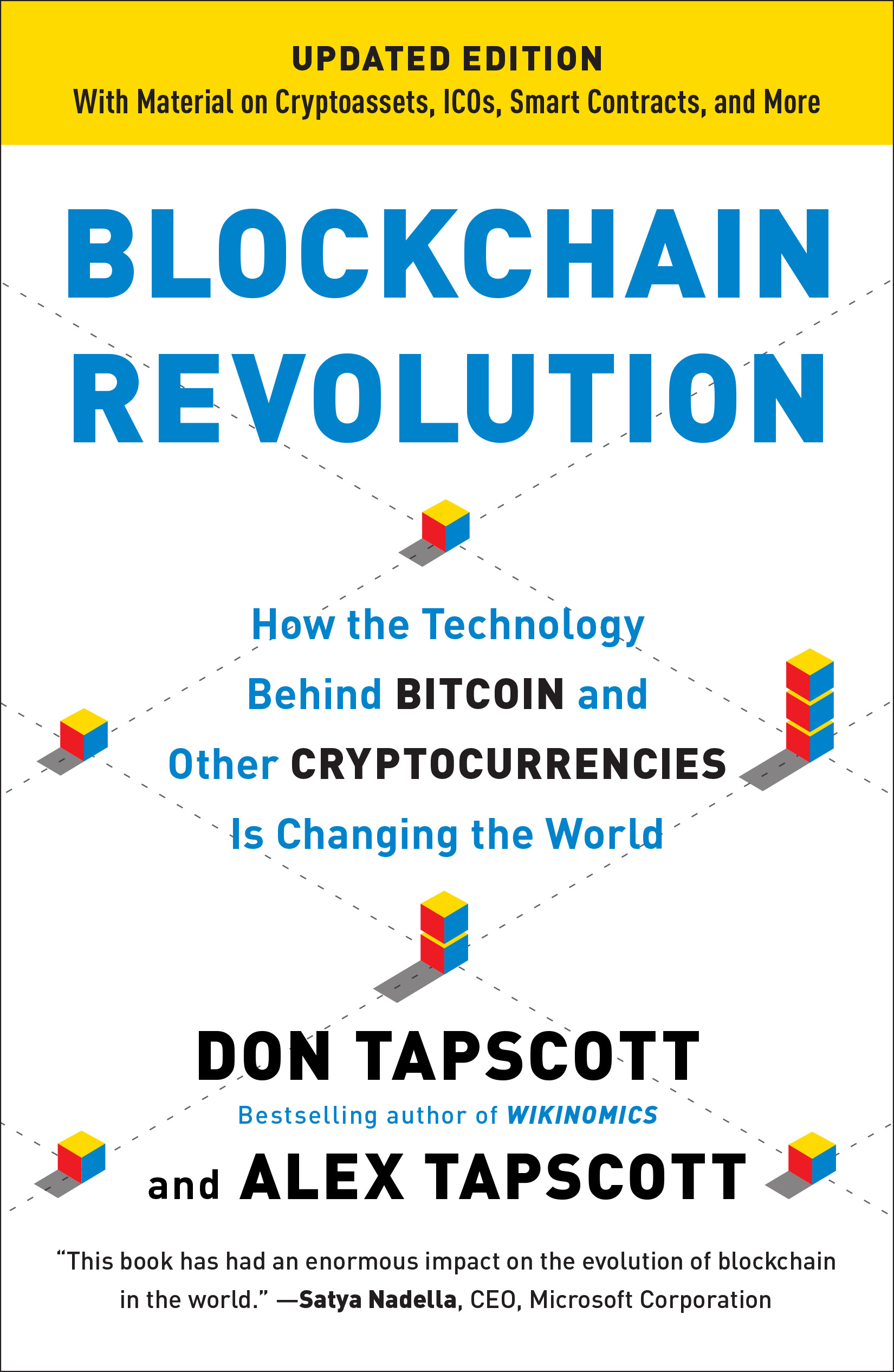
Blockchain Revolution Blockchain technology is powering our future. As the technology behind cryptocurrencies like bitcoin and Facebook's Libra, open software platforms like Ethereum, and disruptive companies like Ripple, it’s too important to ignore. In this revelatory book, Don Tapscott, the bestselling author of Wikinomics, and his son, blockchain expert Alex Tapscott, bring us a brilliantly researched, highly readable, and essential book about the technology driving the future of the economy. Blockchain is the ingeniously simple, revolutionary protocol that allows transactions to be simultaneously anonymous and secure by maintaining a tamperproof public ledger of value. Though it’s best known as the technology that drives bitcoin and other digital currencies, it also has the potential to go far beyond currency, to record virtually everything of value to humankind, from birth and death certificates to insurance claims, land titles, and even votes. Blockchain is also essential to understand if you’re an artist who wants to make a living off your art, a consumer who wants to know where that hamburger meat really came from, an immigrant who’s tired of paying big fees to send money home to your loved ones, or an entrepreneur looking for a new platform to build a business. And those examples are barely the tip of the iceberg. As with major paradigm shifts that preceded it, blockchain technology will create winners and losers. This book shines a light on where it can lead us in the next decade and beyond. TECHNOLOGY & ENGINEERING,Social Aspects
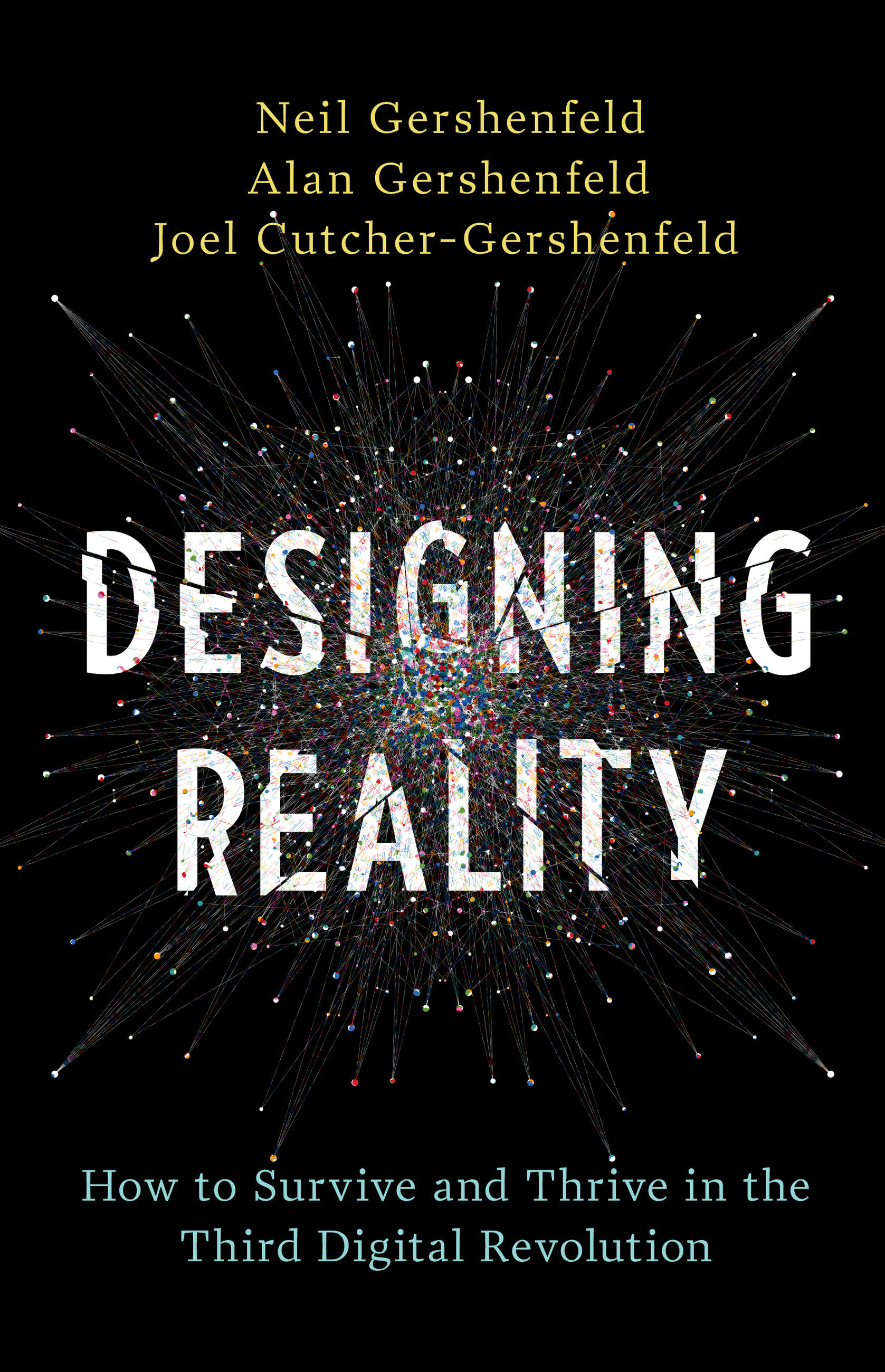
Designing Reality That's the promise, and peril, of the third digital revolution, where anyone will be able to make (almost) anything Two digital revolutions -- computing and communication -- have radically transformed our economy and lives. A third digital revolution is here: fabrication. Today's 3D printers are only the start of a trend, accelerating exponentially, to turn data into objects: Neil Gershenfeld and his collaborators ultimately aim to create a universal replicator straight out of Star Trek. While digital fabrication promises us self-sufficient cities and the ability to make (almost) anything, it could also lead to massive inequality. The first two digital revolutions caught most of the world flat-footed, thanks to Designing Reality that won't be true this time. TECHNOLOGY & ENGINEERING,Social Aspects
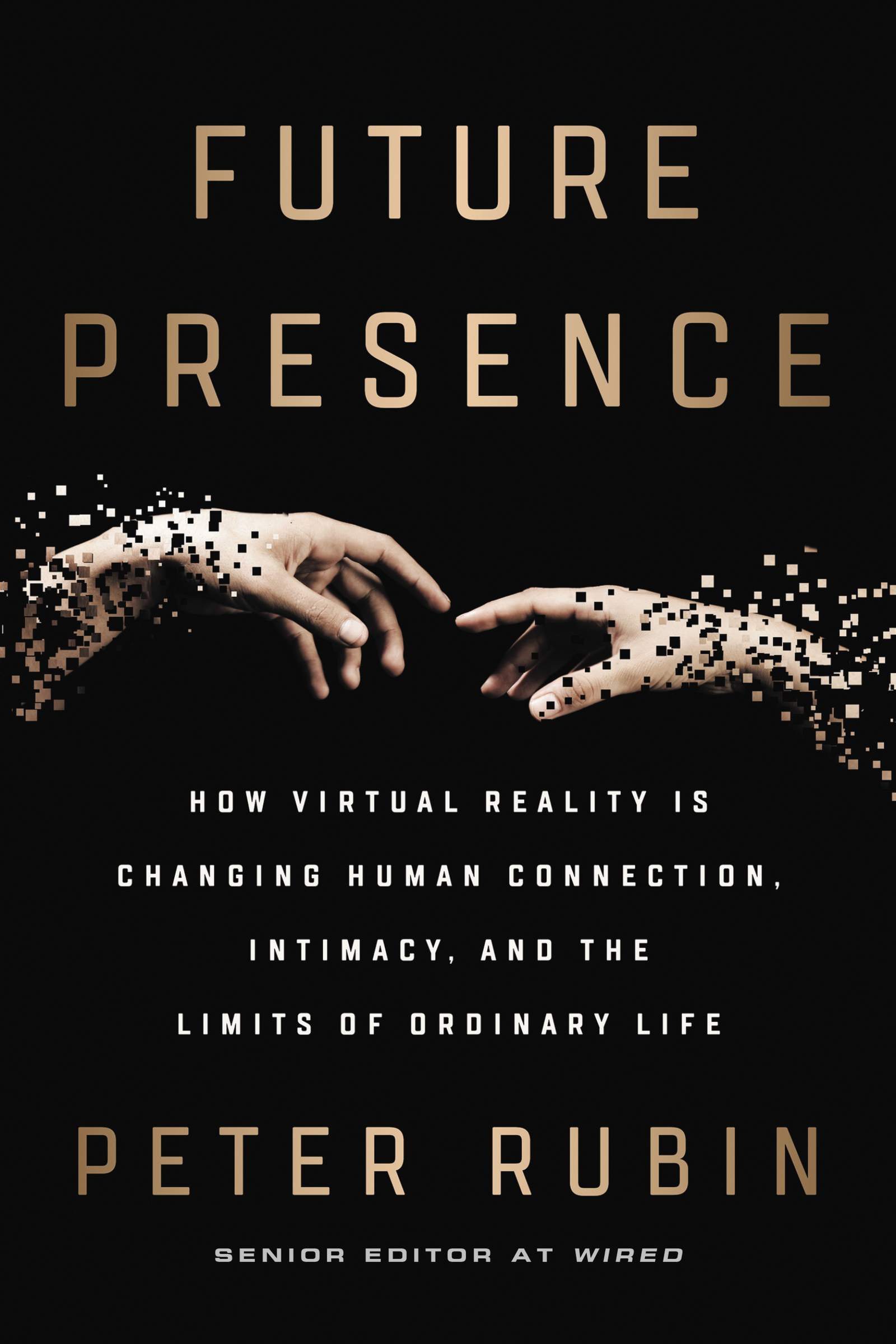
Future Presence A Wired senior editor and virtual reality expert presents a captivating, candid glimpse into the future "realities" of this emerging technology: how we will use it to form previously impossible relationships, explore new frontiers of intimacy, and how it will forever change human connection. Heralded as the most significant technological innovation since the smartphone, virtual reality is poised to transform our very notions of life and humanity. Though this tech is still in its infancy, to those on the inside, it is the future. VR will change how we work, how we experience entertainment, how we feel pleasure and other emotions, how we see ourselves, and most importantly, how we relate to each other in the real world. And we will never be the same. Peter Rubin, senior culture editor for Wired and the industry’s go-to authority on the subject, calls it an "intimacy engine." While once we needed another person to feel the sensations of closeness, trust, vulnerability, confidence, and titillation, VR will give us the ability to induce these sensations by ourselves for the first time in human history. This metamorphosis, Rubin argues, is going to have a powerful impact on relationships that will ripple throughout our society and our individual lives. A journey into this uncertain future and a glimpse at the cultural implications and promises of a new reality, Future Presence explores a host of complex questions about what makes us human, what connects us, and what is real. Offering a glimpse into the mind-blowing things happening in universities, labs, and tech companies around the world, Rubin leads readers on an entertaining tour of the weirdest, wildest corners of this fascinating new universe. Describing this book as "half travelogue and half crystal ball", Rubin will: Introduce readers to the creators and consumers of VR technology Show readers what an experience is like inside the current VR devices Explain how this technology will upend everything we know about human connection in the future At once the incredible, inevitable story of virtual reality’s rise and a look towards the future of our fantasies, Future Presence is a deeply personal examination of what connects us, and an analysis of what relationships, empathy, and sex could look like—sooner than we think. TECHNOLOGY & ENGINEERING,Social Aspects
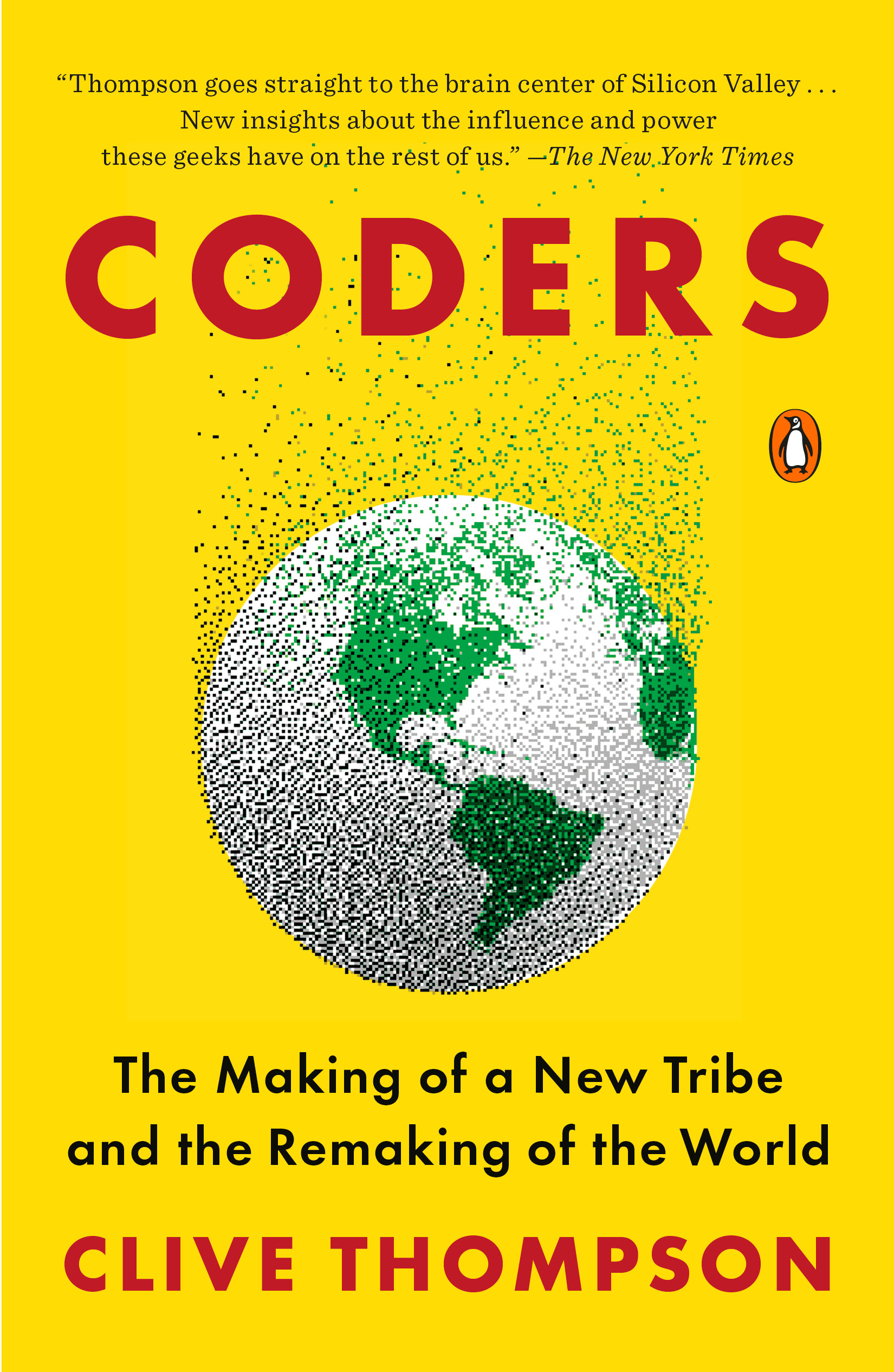
Coders Hello, world. Facebook's algorithms shaping the news. Self-driving cars roaming the streets. Revolution on Twitter and romance on Tinder. We live in a world constructed of code--and coders are the ones who built it for us. From acclaimed tech writer Clive Thompson comes a brilliant anthropological reckoning with the most powerful tribe in the world today, computer programmers, in a book that interrogates who they are, how they think, what qualifies as greatness in their world, and what should give us pause. They are the most quietly influential people on the planet, and Coders shines a light on their culture. In pop culture and media, the people who create the code that rules our world are regularly portrayed in hackneyed, simplified terms, as ciphers in hoodies. Thompson goes far deeper, dramatizing the psychology of the invisible architects of the culture, exploring their passions and their values, as well as their messy history. In nuanced portraits, Coders takes us close to some of the great programmers of our time, including the creators of Facebook's News Feed, Instagram, Google's cutting-edge AI, and more. Speaking to everyone from revered "10X" elites to neophytes, back-end engineers and front-end designers, Thompson explores the distinctive psychology of this vocation--which combines a love of logic, an obsession with efficiency, the joy of puzzle-solving, and a superhuman tolerance for mind-bending frustration. Along the way, Coders thoughtfully ponders the morality and politics of code, including its implications for civic life and the economy. Programmers shape our everyday behavior: When they make something easy to do, we do more of it. When they make it hard or impossible, we do less of it. Thompson wrestles with the major controversies of our era, from the "disruption" fetish of Silicon Valley to the struggle for inclusion by marginalized groups. In his accessible, erudite style, Thompson unpacks the surprising history of the field, beginning with the first coders -- brilliant and pioneering women, who, despite crafting some of the earliest personal computers and programming languages, were later written out of history. Coders introduces modern crypto-hackers fighting for your privacy, AI engineers building eerie new forms of machine cognition, teenage girls losing sleep at 24/7 hackathons, and unemployed Kentucky coal-miners learning a new career. At the same time, the book deftly illustrates how programming has become a marvelous new art form--a source of delight and creativity, not merely danger. To get as close to his subject as possible, Thompson picks up the thread of his own long-abandoned coding skills as he reckons, in his signature, highly personal style, with what superb programming looks like. To understand the world today, we need to understand code and its consequences. With Coders, Thompson gives a definitive look into the heart of the machine. TECHNOLOGY & ENGINEERING,Social Aspects

How to Do Nothing ** A New York Times Bestseller ** "A complex, smart and ambitious book that at first reads like a self-help manual, then blossoms into a wide-ranging political manifesto."—Jonah Engel Bromwich, The New York Times Book Review One of President Barack Obama's "Favorite Books of 2019" NAMED ONE OF THE BEST BOOKS OF THE YEAR BY: Time • The New Yorker • NPR • GQ • Elle • Vulture • Fortune • Boing Boing • The Irish Times • The New York Public Library • The Brooklyn Public Library Porchlight's Personal Development & Human Behavior Book of the Year In a world where addictive technology is designed to buy and sell our attention, and our value is determined by our 24/7 data productivity, it can seem impossible to escape. But in this inspiring field guide to dropping out of the attention economy, artist and critic Jenny Odell shows us how we can still win back our lives. Odell sees our attention as the most precious—and overdrawn—resource we have. And we must actively and continuously choose how we use it. We might not spend it on things that capitalism has deemed important … but once we can start paying a new kind of attention, she writes, we can undertake bolder forms of political action, reimagine humankind’s role in the environment, and arrive at more meaningful understandings of happiness and progress. Far from the simple anti-technology screed, or the back-to-nature meditation we read so often, How to do Nothing is an action plan for thinking outside of capitalist narratives of efficiency and techno-determinism. Provocative, timely, and utterly persuasive, this book will change how you see your place in our world. TECHNOLOGY & ENGINEERING,Social Aspects
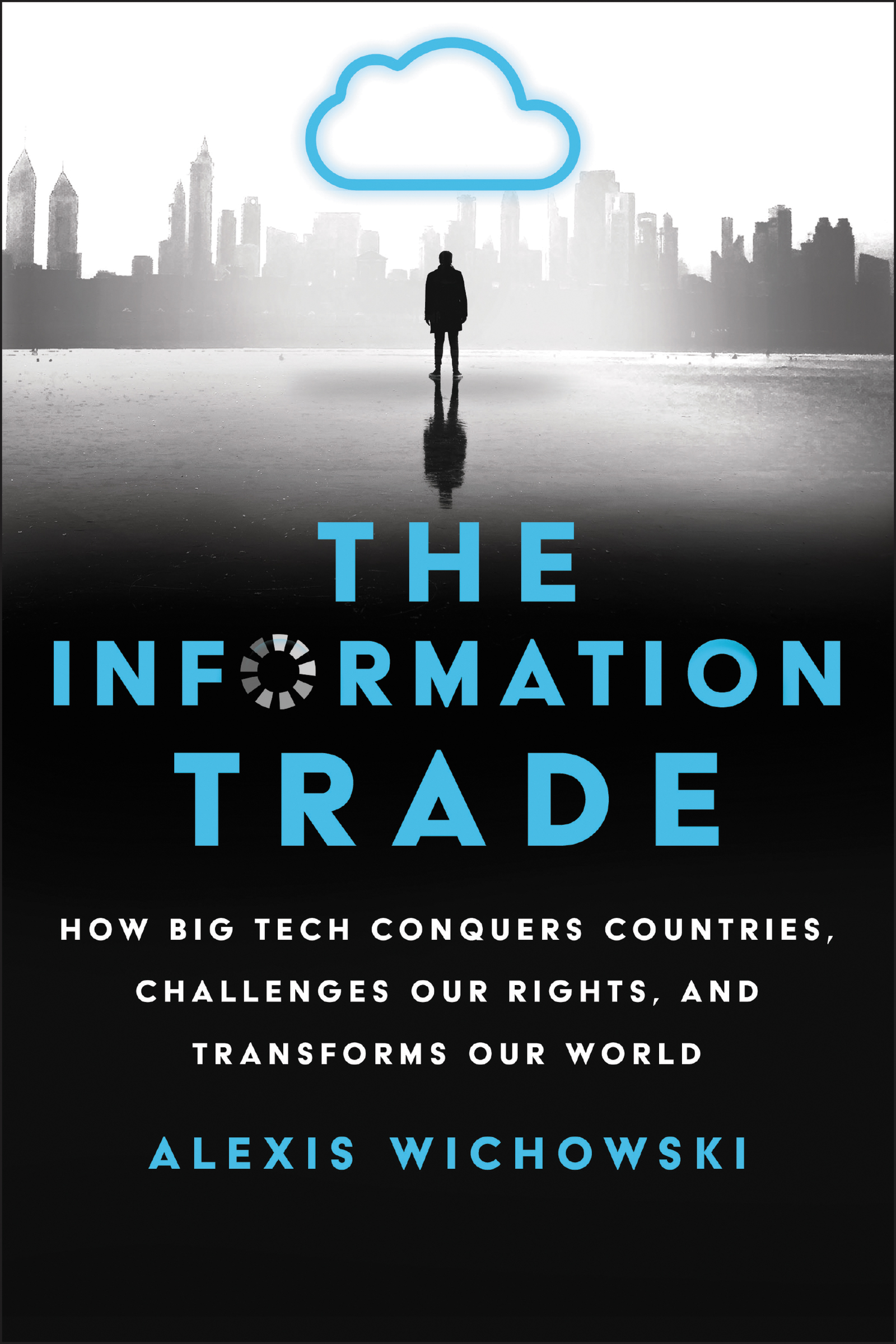
The Information Trade "A timely, compelling, and expertly researched passport to the tech companies that rule today's digital landscape."—Blake Harris, bestselling author of Console Wars and The History of the Future. In this provocative book about our new tech-based reality, political insider and tech expert Alexis Wichowski considers the unchecked rise of tech giants like Facebook, Google, Amazon, Apple, Microsoft, and Tesla—what she calls “net statesâ€â€” and their unavoidable influence in our lives. Rivaling nation states in power and capital, today’s net states are reaching into our physical world, inserting digital services into our lived environments in ways both unseen and, at times, unknown to us. They are transforming the way the world works, putting our rights up for grabs, from personal privacy to national security. Combining original reporting and insights drawn from more than 100 interviews with technology and government insiders, including Microsoft president Brad Smith, Google CEO Eric Schmidt, the former Federal Trade Commission chair under President Obama, and the managing director of Jigsaw—Google’s Department of Counter-terrorism against extremism and cyber-attacks—The Information Trade explores what happens we give up our personal freedom and individual autonomy in exchange for an easy, plugged-in existence, and shows what we can do to control our relationship with net states before they irreversibly change our future. TECHNOLOGY & ENGINEERING,Social Aspects

The Joy of Missing Out The Joy of Missing Out examines the implications of a technologically focused life and suggests options to cultivate a richer on- and off-line existence. Through historical data, typewritten letters, chapter challenges and personal accounts, this makes a case for increasing intentionality and being more present in our daily lives. TECHNOLOGY & ENGINEERING,Social Aspects
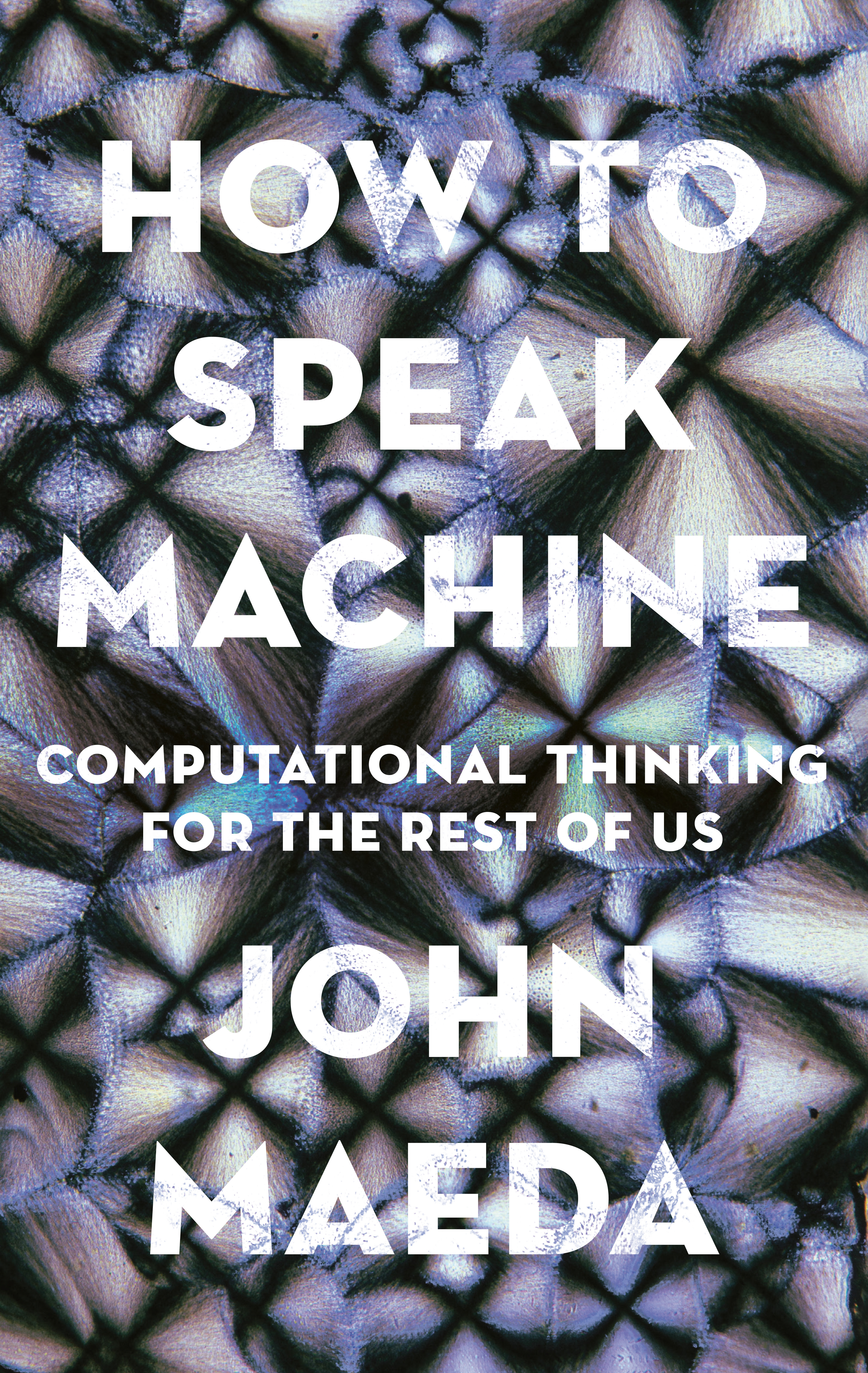
How to Speak Machine Visionary designer and technologist John Maeda defines the fundamental laws of how computers think, and why you should care even if you aren't a programmer. "Maeda is to design what Warren Buffett is to finance." --Wired John Maeda is one of the world's preeminent interdisciplinary thinkers on technology and design. In How to Speak Machine, he offers a set of simple laws that govern not only the computers of today, but the unimaginable machines of the future. Technology is already more powerful than we can comprehend, and getting more powerful at an exponential pace. Once set in motion, algorithms never tire. And when a program's size, speed, and tirelessness combine with its ability to learn and transform itself, the outcome can be unpredictable and dangerous. Take the seemingly instant transformation of Microsoft's chatbot Tay into a hate-spewing racist, or how crime-predicting algorithms reinforce racial bias. How to Speak Machine provides a coherent framework for today's product designers, business leaders, and policymakers to grasp this brave new world. Drawing on his wide-ranging experience from engineering to computer science to design, Maeda shows how businesses and individuals can identify opportunities afforded by technology to make world-changing and inclusive products--while avoiding the pitfalls inherent to the medium. TECHNOLOGY & ENGINEERING,Social Aspects
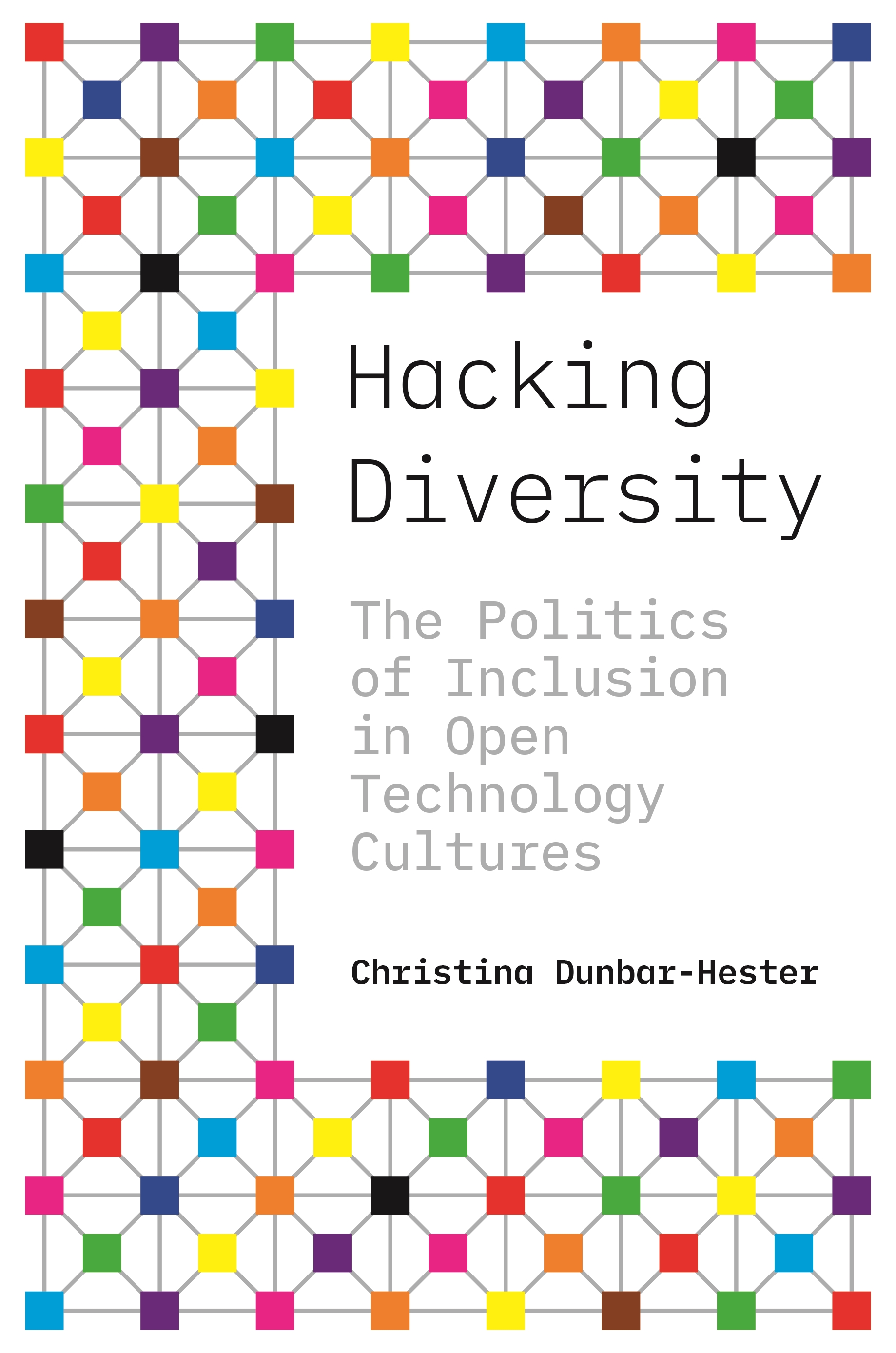
Hacking Diversity A firsthand look at efforts to improve diversity in software and hackerspace communities Hacking, as a mode of technical and cultural production, is commonly celebrated for its extraordinary freedoms of creation and circulation. Yet surprisingly few women participate in it: rates of involvement by technologically skilled women are drastically lower in hacking communities than in industry and academia. Hacking Diversity investigates the activists engaged in free and open-source software to understand why, despite their efforts, they fail to achieve the diversity that their ideals support. Christina Dunbar-Hester shows that within this well-meaning volunteer world, beyond the sway of human resource departments and equal opportunity legislation, members of underrepresented groups face unique challenges. She brings together more than five years of firsthand research: attending software conferences and training events, working on message boards and listservs, and frequenting North American hackerspaces. She explores who participates in voluntaristic technology cultures, to what ends, and with what consequences. Digging deep into the fundamental assumptions underpinning STEM-oriented societies, Dunbar-Hester demonstrates that while the preferred solutions of tech enthusiasts—their “hacks†of projects and cultures—can ameliorate some of the “bugs†within their own communities, these methods come up short for issues of unequal social and economic power. Distributing “diversity†in technical production is not equal to generating justice. Hacking Diversity reframes questions of diversity advocacy to consider what interventions might appropriately broaden inclusion and participation in the hacking world and beyond. TECHNOLOGY & ENGINEERING,Social Aspects
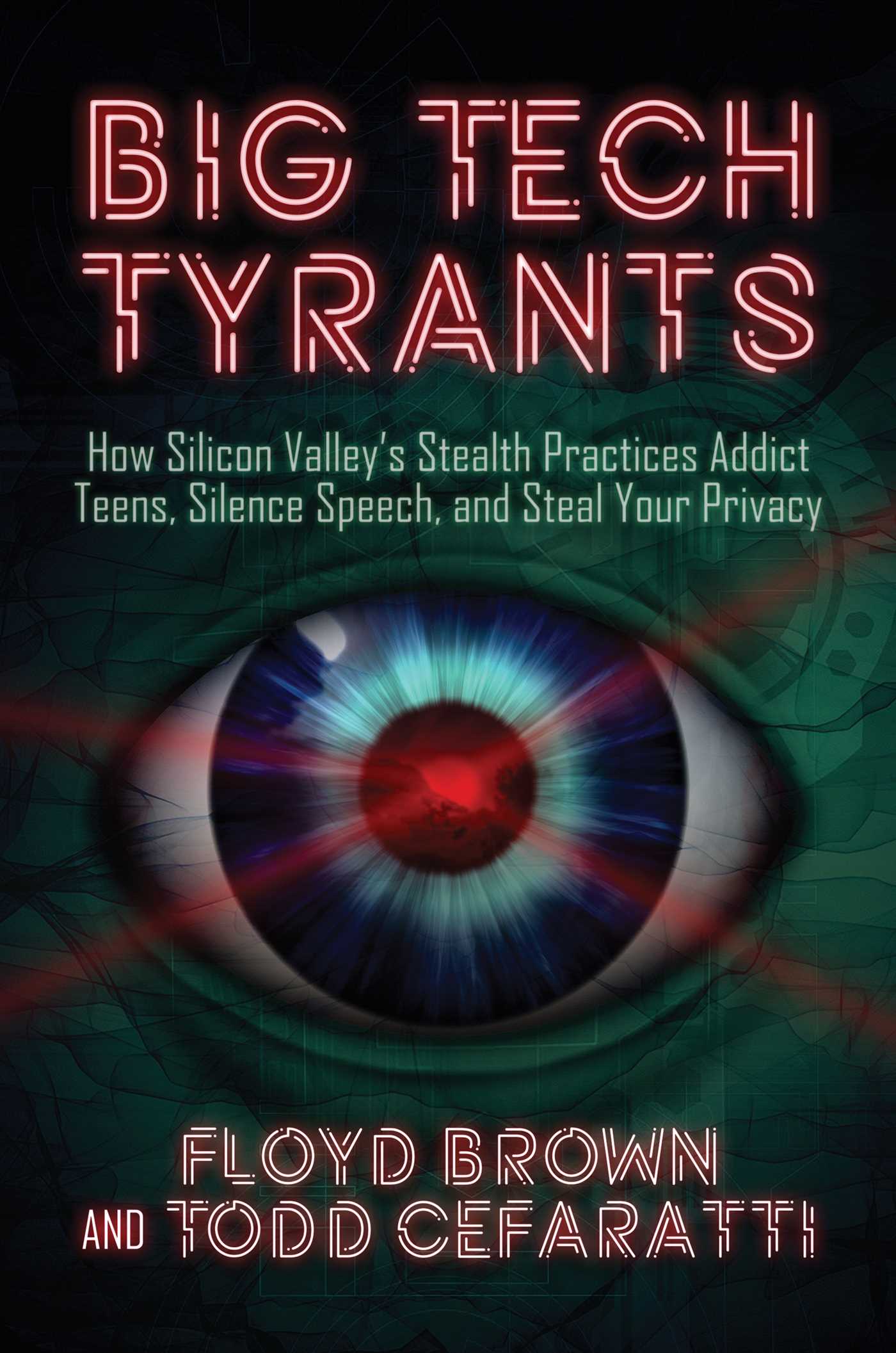
Big Tech Tyrants As seen on Tucker Carlson They are driven without respect for the lives they are changing… “Boy Kings,†or Big Tech Tyrants, are considered the most powerful individuals in the world. They’re the autocratic aristocrats who run the tech giants in Silicon Valley, and if the labels are accurate, they suggest these social platform operators have gained a non-elected (or, should we say, a self-elected) authoritarian power. They wield it with more effectiveness and precision than any sitting government or military strategist. Big Tech Tyrants boast riches beyond emperors of old but act like juveniles who don’t want to grow up. They are modern-day robber barons. Big Tech Tyrants don’t know the meaning of privacy, when it comes to you. They try to make you believe they will give their products away for free as a service to society, when really, they are vacuuming your personal data. They use this data to discover your deepest secrets. Are you or your partner trying to get pregnant? Are you underwater financially? Are you having an extramarital affair? Do you have a tidy nest egg? Are you a Trump supporter? Are you a Bernie Sanders follower? Are you a Scientologist, Mormon, Christian, or Buddhist? Your personal data is extremely valuable to them—and they use it—and abuse. These tyrants knowingly addict users to make more money. Not only that, they also consider themselves the most enlightened the world has ever seen—so they know what’s best for you to see—from the news and information you read to the political candidates they think you should vote for. They censor news and only let you see what they want you to see. This is an eye-opening must read for anyone living in the twenty-first century! TECHNOLOGY & ENGINEERING,Social Aspects
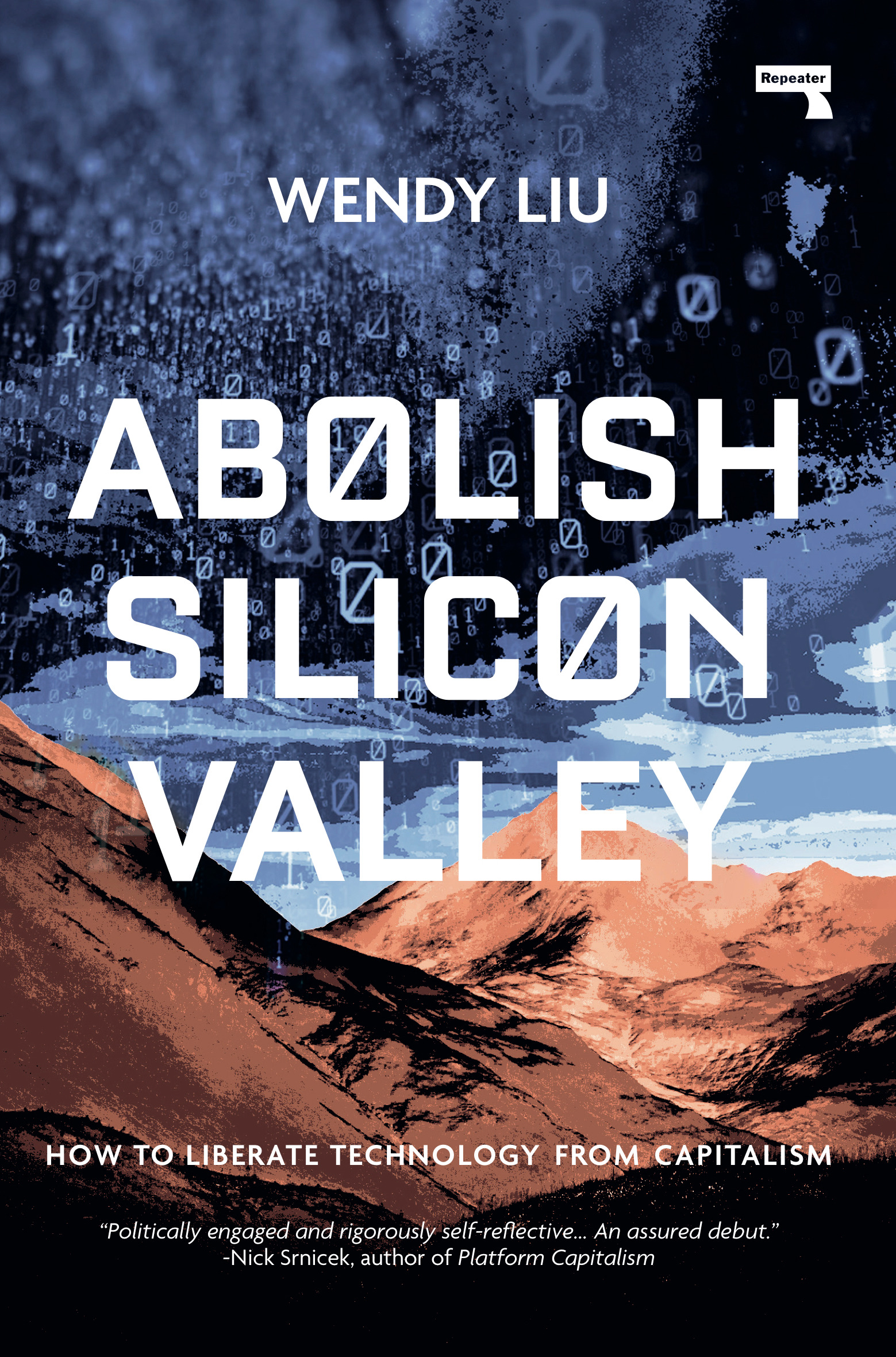
Abolish Silicon Valley Former insider turned critic Wendy Liu busts the myths of the tech industry, and offers a galvanising argument for why and how we must reclaim technology's potential for the public good. Former insider turned critic Wendy Liu busts the myths of the tech industry, and offers a galvanising argument for why and how we must reclaim technology's potential for the public good. "Lucid, probing and urgent. Wendy Liu manages to be both optimistic about the emancipatory potential of tech and scathing about the industry that has harnessed it for bleak and self-serving ends." -- Naomi Klein, author of On Fire: The Burning Case for a Green New Deal "An inspiring memoir manifesto...Technologists all over the world are realizing that no amount of code can substitute for political engagement. Liu's memoir is a road map for that journey of realization." -- Cory Doctorow, author of Radicalized and Little Brother Innovation. Meritocracy. The possibility of overnight success. What's not to love about Silicon Valley?These days, it's hard to be unambiguously optimistic about the growth-at-all-costs ethos of the tech industry. Public opinion is souring in the wake of revelations about Cambridge Analytica, Theranos, and the workplace conditions of Amazon workers or Uber drivers. It's becoming clear that the tech industry's promised "innovation" is neither sustainable nor always desirable. Abolish Silicon Valley is both a heartfelt personal story about the wasteful inequality of Silicon Valley, and a rallying call to engage in the radical politics needed to upend the status quo. Going beyond the idiosyncrasies of the individual founders and companies that characterise the industry today, Wendy Liu delves into the structural factors of the economy that gave rise to Silicon Valley as we know it. Ultimately, she proposes a more radical way of developing technology, where innovation is conducted for the benefit of society at large, and not just to enrich a select few. TECHNOLOGY & ENGINEERING,Social Aspects

Right/Wrong From the TED stage to the page, Juan Enriquez, author of As the Future Catches You and Evolving Ourselves, presents a lively and engaging guide to ethics in a technological age. Most people have a strong sense of right and wrong, and many of us are not reluctant to argue with someone who disagrees. But when we take an unyielding stand on something we regard as an eternal truth, we forget that ethics evolve over time. What was once broadly acceptable is now completely unacceptable. For example, burning heretics is no longer considered a just punishment. Child marriage is not applauded as a family value. Many shifts in the right vs. wrong pendulum are affected by advances in technology. In Right/Wrong, Juan Enriquez reflects on the evolution of ethics in a technological age. TECHNOLOGY & ENGINEERING,Social Aspects
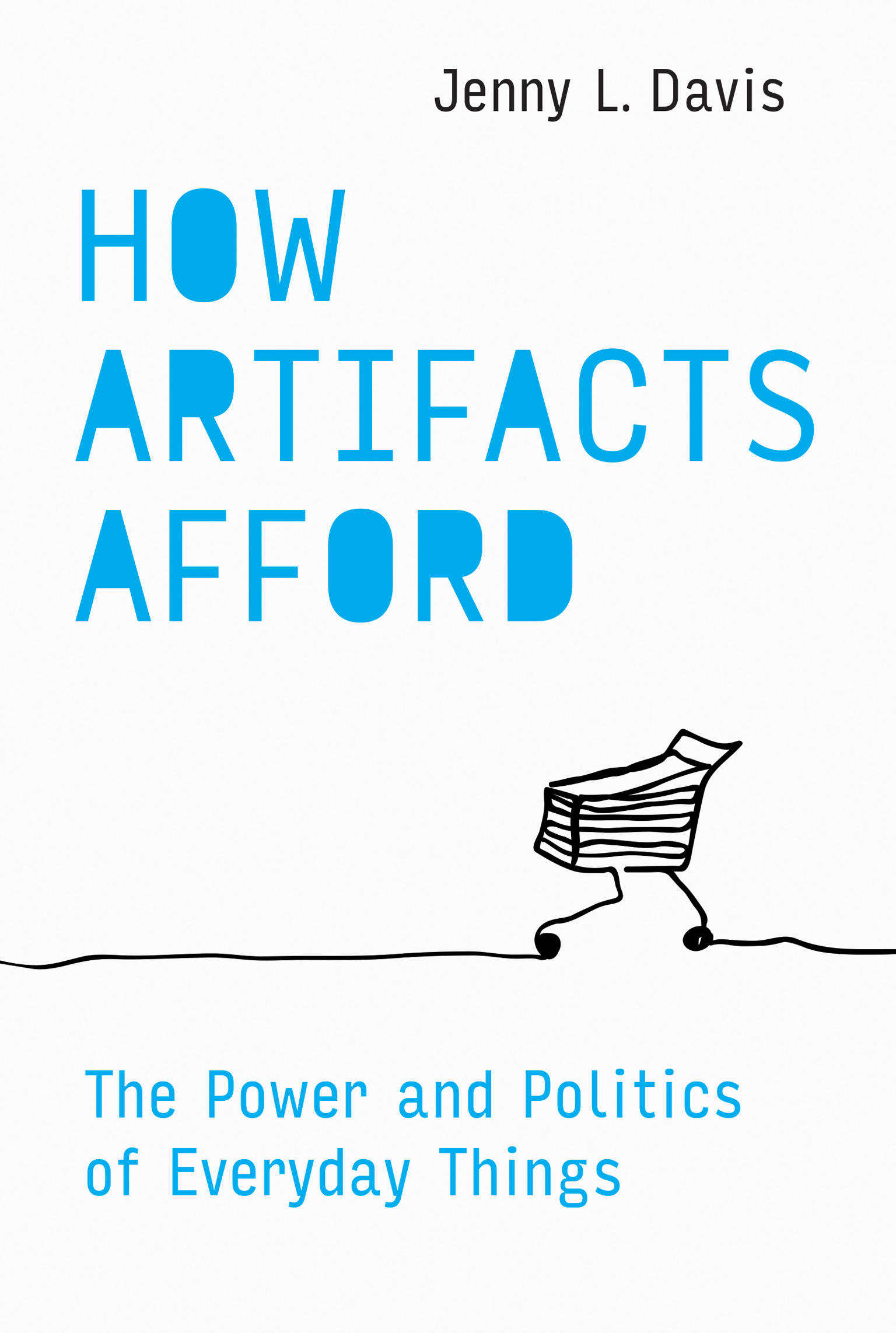
How Artifacts Afford A conceptual update of affordance theory that introduces the mechanisms and conditions framework, providing a vocabulary and critical perspective. Technological affordances mediate between the features of a technology and the outcomes of engagement with that technology. The concept of affordances, which migrated from psychology to design with Donald Norman's influential 1988 book, The Design of Everyday Things, offers a useful analytical tool in technology studies--but, Jenny Davis argues in How Artifacts Afford, it is in need of a conceptual update. Davis provides just such an update, introducing the mechanisms and conditions framework, which offers both a vocabulary and necessary critical perspective for affordance analyses. TECHNOLOGY & ENGINEERING,Social Aspects
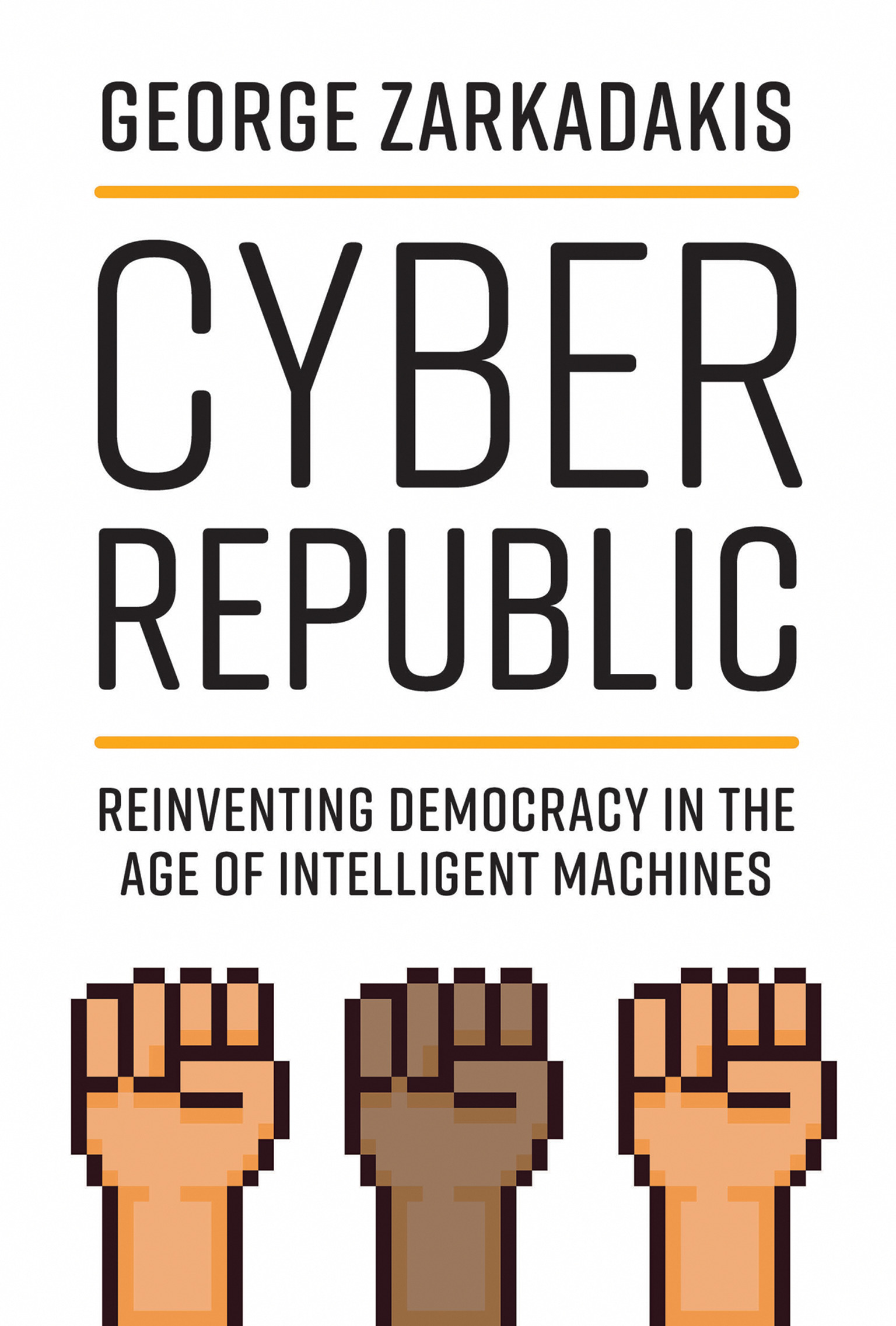
Cyber Republic Science and tech expert George Zarkadakis presents an indispensable guide to making liberal democracies more inclusive, and the digital economy more equitable in the coming Fourth Industrial Revolution. Around the world, liberal democracies are in crisis. Citizens have lost faith in their government; right-wing nationalist movements frame the political debate. At the same time, economic inequality is increasing dramatically; digital technologies have created a new class of super-rich entrepreneurs. Automation threatens to transform the free economy into a zero-sum game in which capital wins and labor loses. But is this digital dystopia inevitable? In Cyber Republic, George Zarkadakis presents an alternative, outlining a plan for using technology to make liberal democracies more inclusive and the digital economy more equitable. Cyber Republic is no less than a guide for the coming Fourth Industrial Revolution. TECHNOLOGY & ENGINEERING,Social Aspects
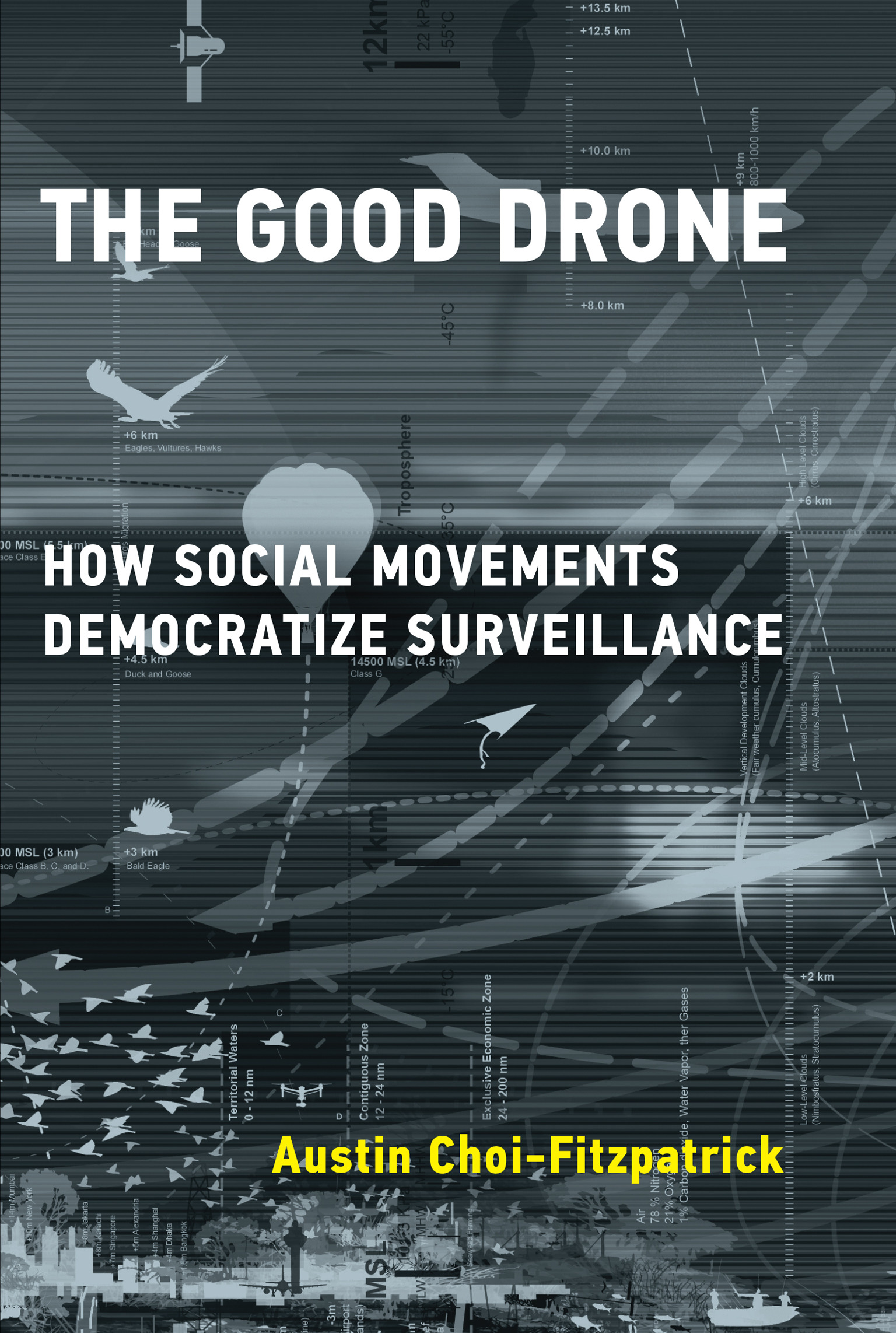
The Good Drone How small-scale drones, satellites, kites, and balloons are used by social movements for the greater good. Drones are famous for doing bad things: weaponized, they implement remote-control war; used for surveillance, they threaten civil liberties and violate privacy. In The Good Drone, Austin Choi-Fitzpatrick examines a different range of uses: the deployment of drones for the greater good. Choi-Fitzpatrick analyzes the way small-scale drones--as well as satellites, kites, and balloons--are used for a great many things, including documenting human rights abuses, estimating demonstration crowd size, supporting anti-poaching advocacy, and advancing climate change research. In fact, he finds, small drones are used disproportionately for good; nonviolent prosocial uses predominate. TECHNOLOGY & ENGINEERING,Social Aspects
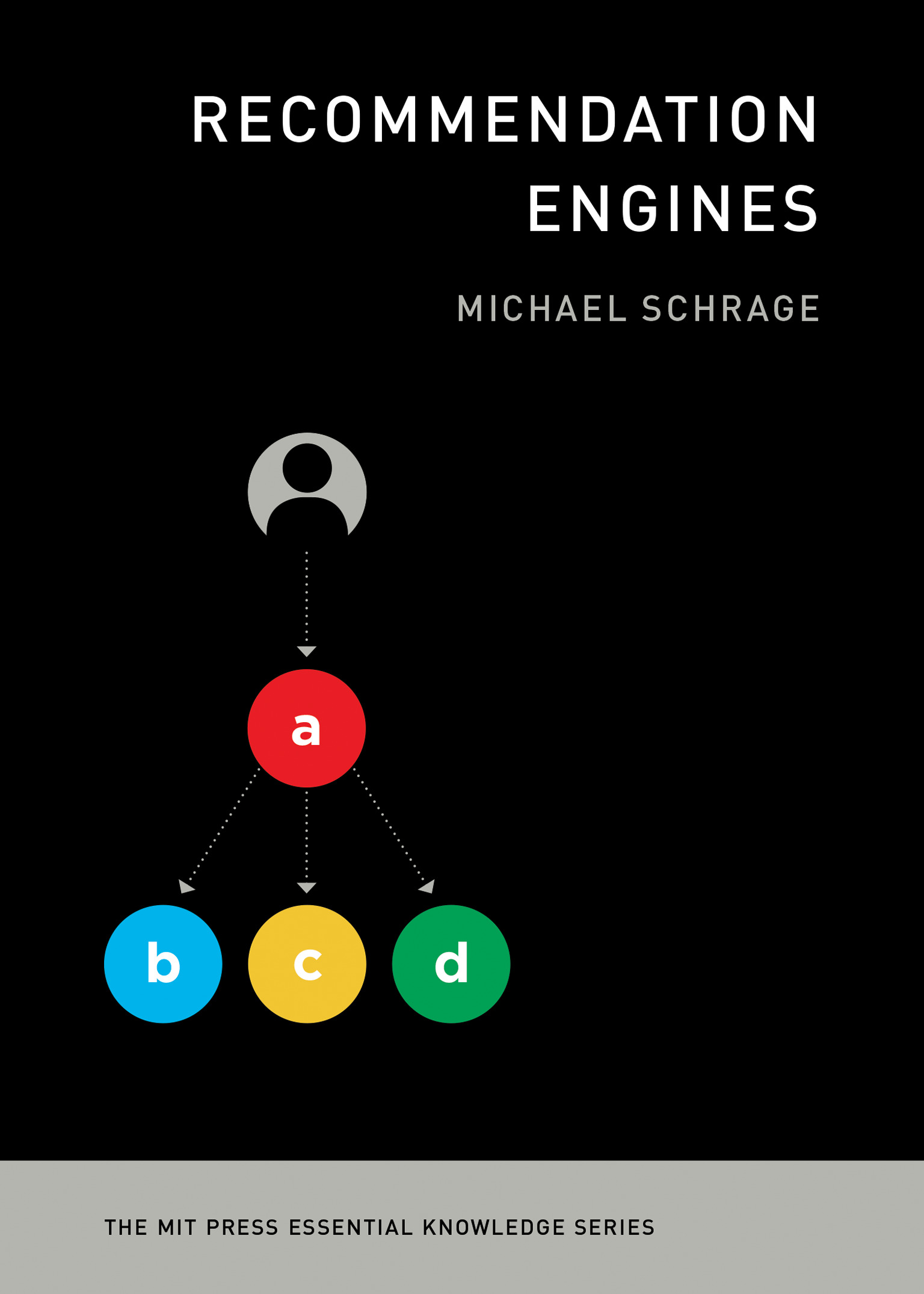
Recommendation Engines How companies like Amazon, Netflix, and Spotify know what "you might also like": the history, technology, business, and societal impact of online recommendation engines. Increasingly, our technologies are giving us better, faster, smarter, and more personal advice than our own families and best friends. Amazon already knows what kind of books and household goods you like and is more than eager to recommend more; YouTube and TikTok always have another video lined up to show you; Netflix has crunched the numbers of your viewing habits to suggest whole genres that you would enjoy. In this volume in the MIT Press's Essential Knowledge series, innovation expert Michael Schrage explains the origins, technologies, business applications, and increasing societal impact of recommendation engines, the systems that allow companies worldwide to know what products, services, and experiences "you might also like." TECHNOLOGY & ENGINEERING,Social Aspects
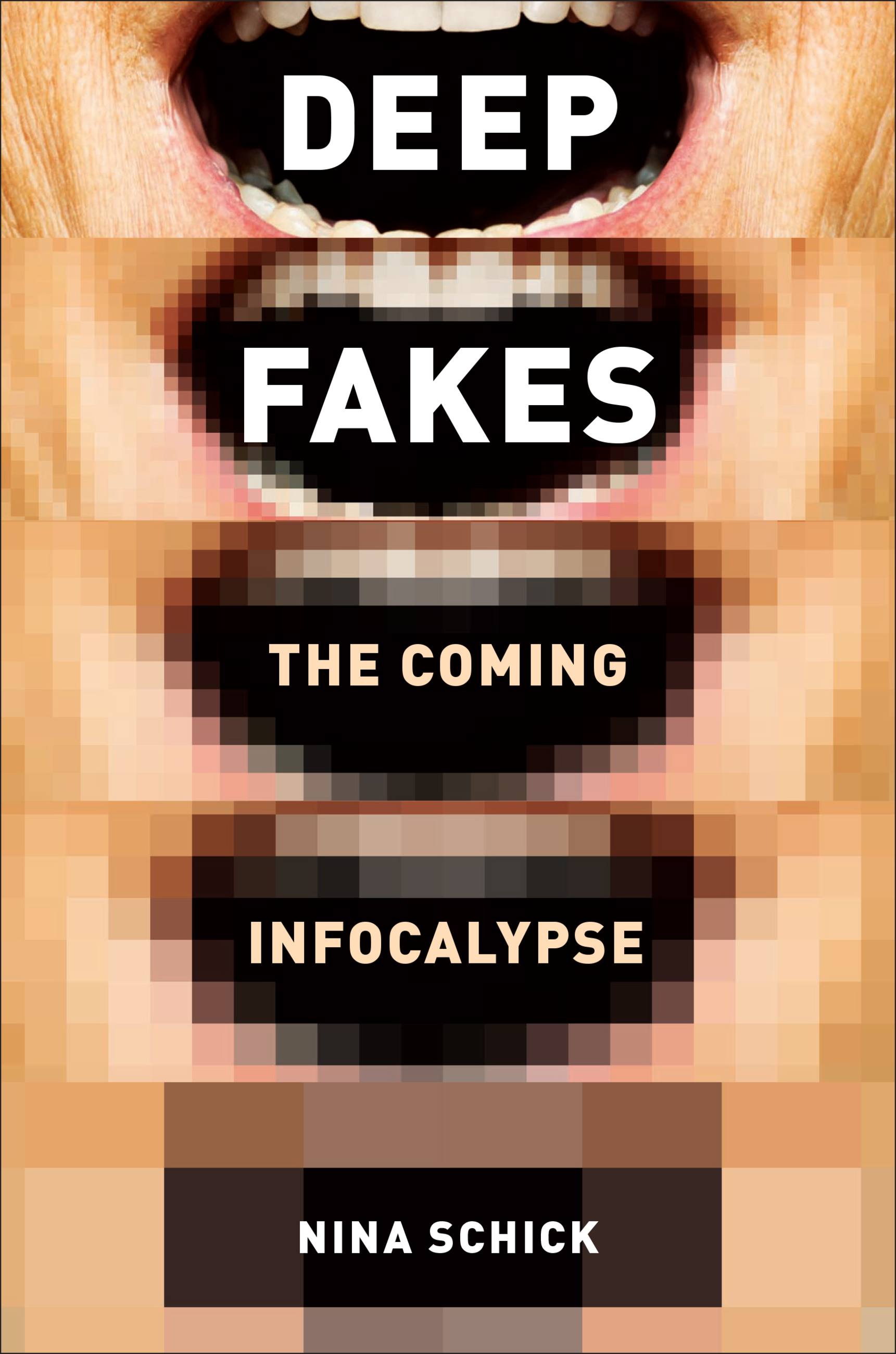
Deepfakes Everything you need to know about "deepfakes" and what could become the biggest information and communications meltdown in world history. In a world of deepfakes, it will soon be impossible to tell what is real and what isn't. As advances in artificial intelligence, video creation, and online trolling continue, deepfakes pose not only a real threat to democracy -- they threaten to take voter manipulation to unprecedented new heights. This crisis of misinformation which we now face has since been dubbed the "Infocalypse." In DEEPFAKES, investigative journalist Nina Schick uses her expertise from working in the field to reveal shocking examples of deepfakery and explain the dangerous political consequences of the Infocalypse, both in terms of national security and what it means for public trust in politics. This all-too-timely book also unveils what this all means for us as individuals, how deepfakes will be used to intimidate and to silence, for revenge and fraud, and just how truly unprepared governments and tech companies are for what's coming. TECHNOLOGY & ENGINEERING,Social Aspects
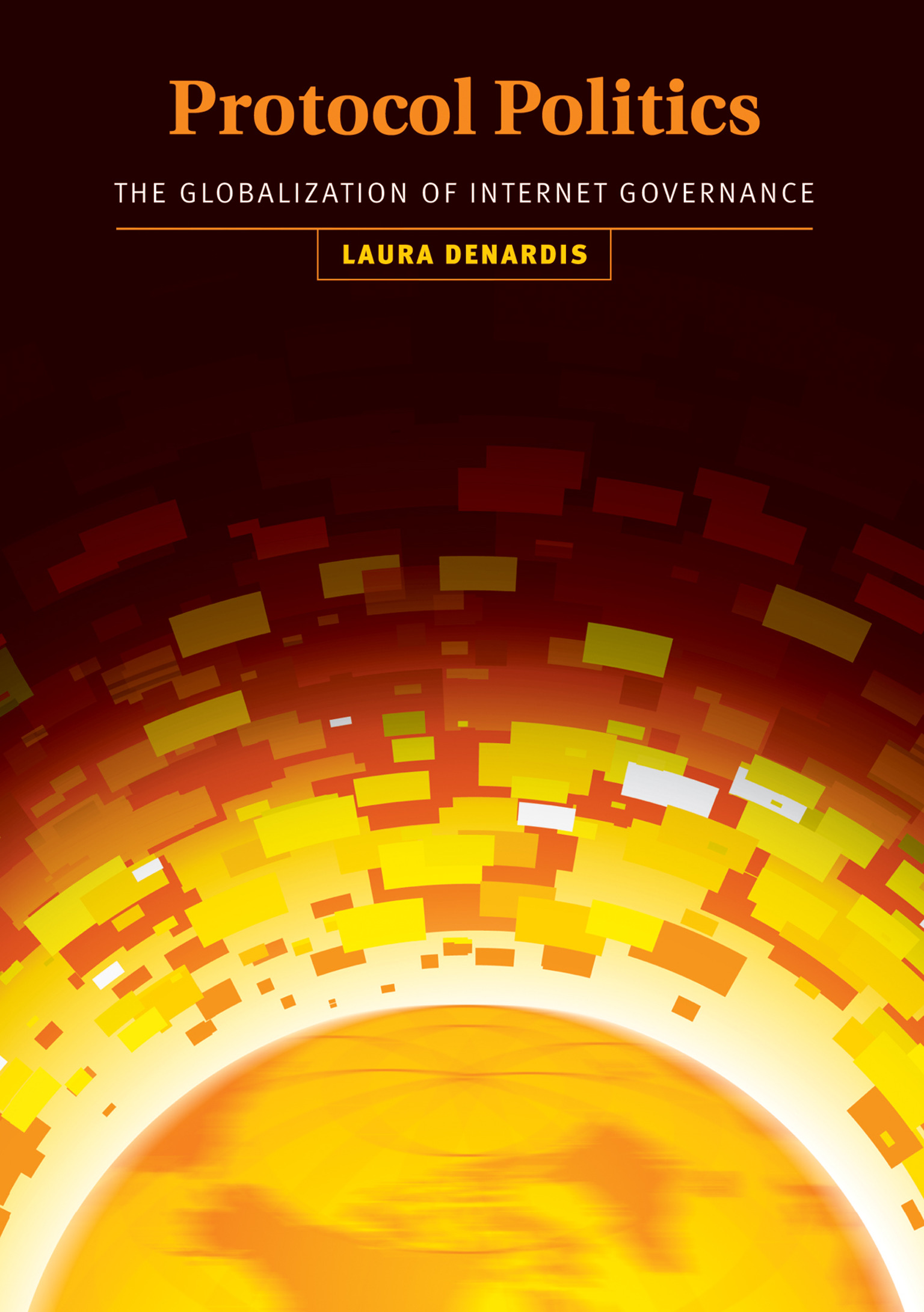
Protocol Politics What are the global implications of the looming shortage of Internet addresses and the slow deployment of the new IPv6 protocol designed to solve this problem? The Internet has reached a critical point. The world is running out of Internet addresses. There is a finite supply of approximately 4.3 billion Internet Protocol (IP) addresses—the unique binary numbers required for every exchange of information over the Internet—within the Internet's prevailing technical architecture (IPv4). In the 1990s the Internet standards community selected a new protocol (IPv6) that would expand the number of Internet addresses exponentially—to 340 undecillion addresses. Despite a decade of predictions about imminent global conversion, IPv6 adoption has barely begun. Protocol Politics examines what's at stake politically, economically, and technically in the selection and adoption of a new Internet protocol. Laura DeNardis's key insight is that protocols are political. IPv6 intersects with provocative topics including Internet civil liberties, US military objectives, globalization, institutional power struggles, and the promise of global democratic freedoms. DeNardis offers recommendations for Internet standards governance, based not only on technical concerns but on principles of openness and transparency, and examines the global implications of looming Internet address scarcity versus the slow deployment of the new protocol designed to solve this problem. TECHNOLOGY & ENGINEERING,Social Aspects
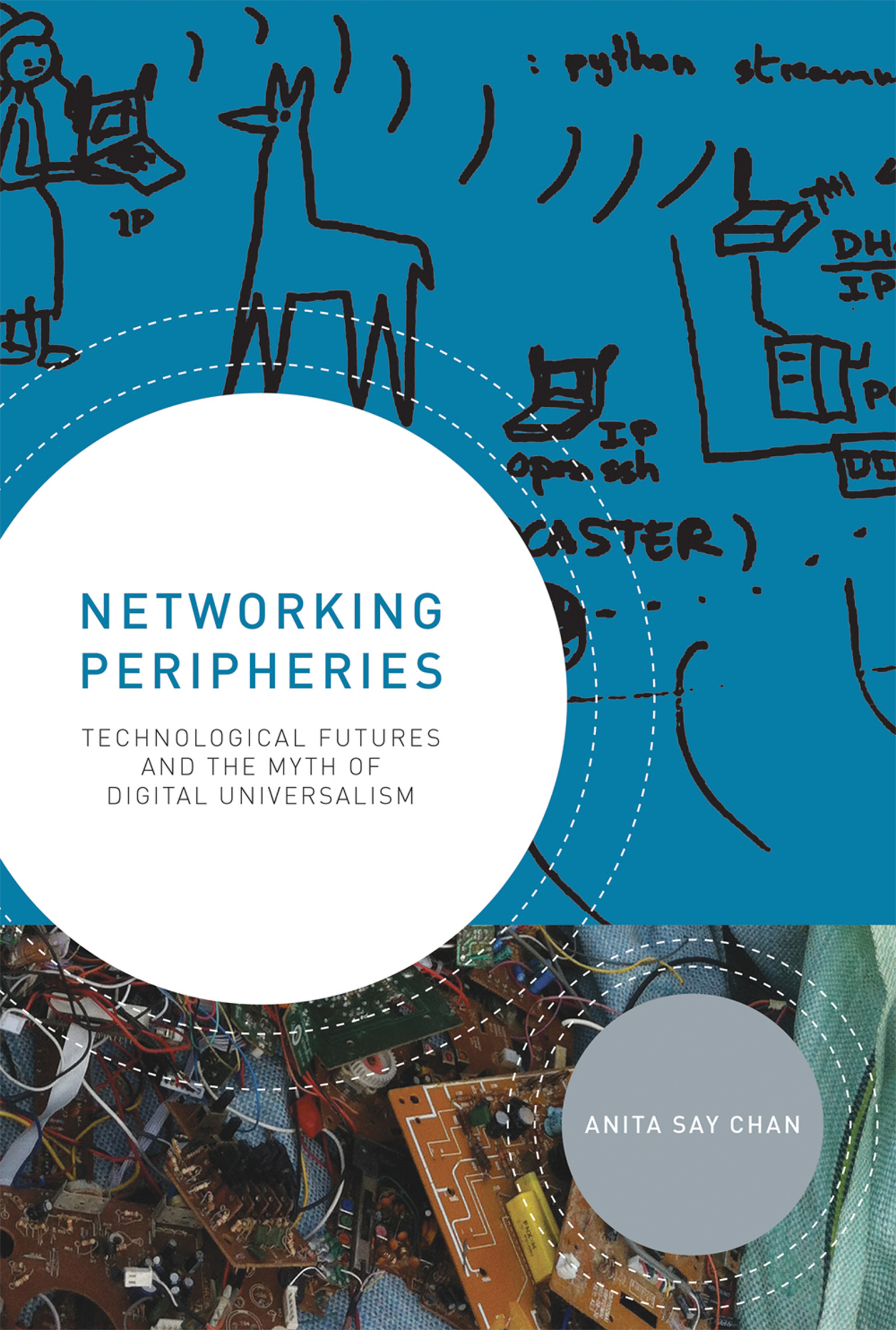
Networking Peripheries An exploration of the diverse experiments in digital futures as they advance far from the celebrated centers of technological innovation and entrepreneurship. In Networking Peripheries, Anita Chan shows how digital cultures flourish beyond Silicon Valley and other celebrated centers of technological innovation and entrepreneurship. The evolving digital cultures in the Global South vividly demonstrate that there are more ways than one to imagine what digital practice and global connection could look like. To explore these alternative developments, Chan investigates the diverse initiatives being undertaken to “network” the nation in contemporary Peru, from attempts to promote the intellectual property of indigenous artisans to the national distribution of digital education technologies to open technology activism in rural and urban zones. Drawing on ethnographic accounts from government planners, regional free-software advocates, traditional artisans, rural educators, and others, Chan demonstrates how such developments unsettle dominant conceptions of information classes and innovations zones. Government efforts to turn rural artisans into a new creative class progress alongside technology activists' efforts to promote indigenous rights through information tactics; plans pressing for the state wide adoption of open source–based technologies advance while the One Laptop Per Child initiative aims to network rural classrooms by distributing laptops. As these cases show, the digital cultures and network politics emerging on the periphery do more than replicate the technological future imagined as universal from the center. TECHNOLOGY & ENGINEERING,Social Aspects

Waste Is Information The relationship between infrastructure governance and the ways we read and represent waste systems, examined through three waste tracking and participatory sensing projects. Waste is material information. Landfills are detailed records of everyday consumption and behavior; much of what we know about the distant past we know from discarded objects unearthed by archaeologists and interpreted by historians. And yet the systems and infrastructures that process our waste often remain opaque. In this book, Dietmar Offenhuber examines waste from the perspective of information, considering emerging practices and technologies for making waste systems legible and how the resulting datasets and visualizations shape infrastructure governance. He does so by looking at three waste tracking and participatory sensing projects in Seattle, São Paulo, and Boston. Offenhuber expands the notion of urban legibility—the idea that the city can be read like a text—to introduce the concept of infrastructure legibility. He argues that infrastructure governance is enacted through representations of the infrastructural system, and that these representations stem from the different stakeholders' interests, which drive their efforts to make the system legible. The Trash Track project in Seattle used sensor technology to map discarded items through the waste and recycling systems; the Forager project looked at the informal organization processes of waste pickers working for Brazilian recycling cooperatives; and mobile systems designed by the city of Boston allowed residents to report such infrastructure failures as potholes and garbage spills. Through these case studies, Offenhuber outlines an emerging paradigm of infrastructure governance based on acomplex negotiation among users, technology, and the city. TECHNOLOGY & ENGINEERING,Social Aspects
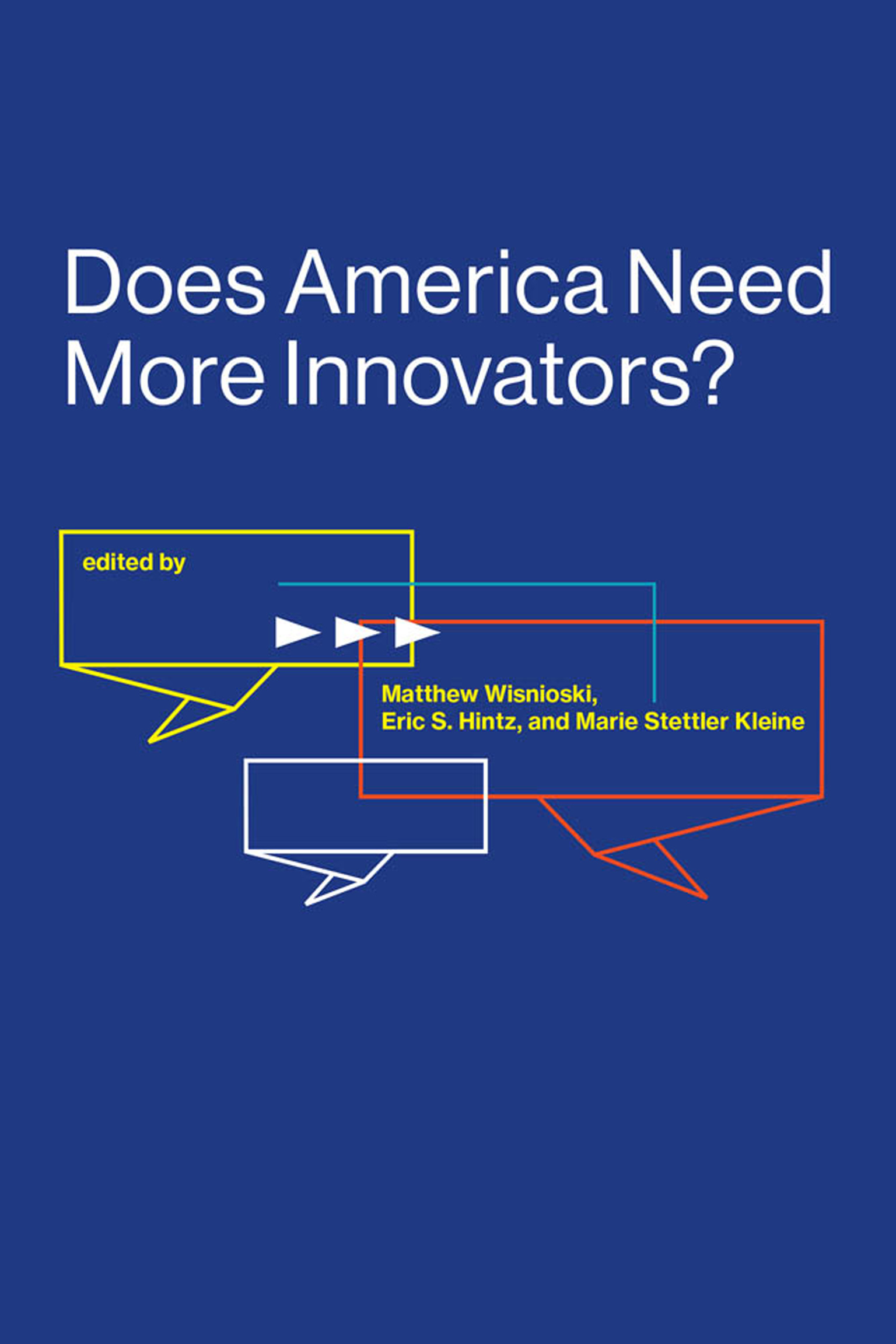
Does America Need More Innovators? A critical exploration of today's global imperative to innovate, by champions, critics, and reformers of innovation. Corporate executives, politicians, and school board leaders agree—Americans must innovate. Innovation experts fuel this demand with books and services that instruct aspiring innovators in best practices, personal habits, and workplace cultures for fostering innovation. But critics have begun to question the unceasing promotion of innovation, pointing out its gadget-centric shallowness, the lack of diversity among innovators, and the unequal distribution of innovation's burdens and rewards. Meanwhile, reformers work to make the training of innovators more inclusive and the outcomes of innovation more responsible. This book offers an overdue critical exploration of today's global imperative to innovate by bringing together innovation's champions, critics, and reformers in conversation. The book presents an overview of innovator training, exploring the history, motivations, and philosophies of programs in private industry, universities, and government; offers a primer on critical innovation studies, with essays that historicize, contextualize, and problematize the drive to create innovators; and considers initiatives that seek to reform and reshape what it means to be an innovator. Contributors Errol Arkilic, Catherine Ashcraft, Leticia Britos Cavagnaro, W. Bernard Carlson, Lisa D. Cook, Humera Fasihuddin, Maryann Feldman, Erik Fisher, Benoît Godin, Jenn Gustetic, David Guston, Eric S. Hintz, Marie Stettler Kleine, Dutch MacDonald, Mickey McManus, Sebastian Pfotenhauer, Natalie Rusk, Andrew L. Russell, Lucinda M. Sanders, Brenda Trinidad, Lee Vinsel, Matthew Wisnioski TECHNOLOGY & ENGINEERING,Social Aspects
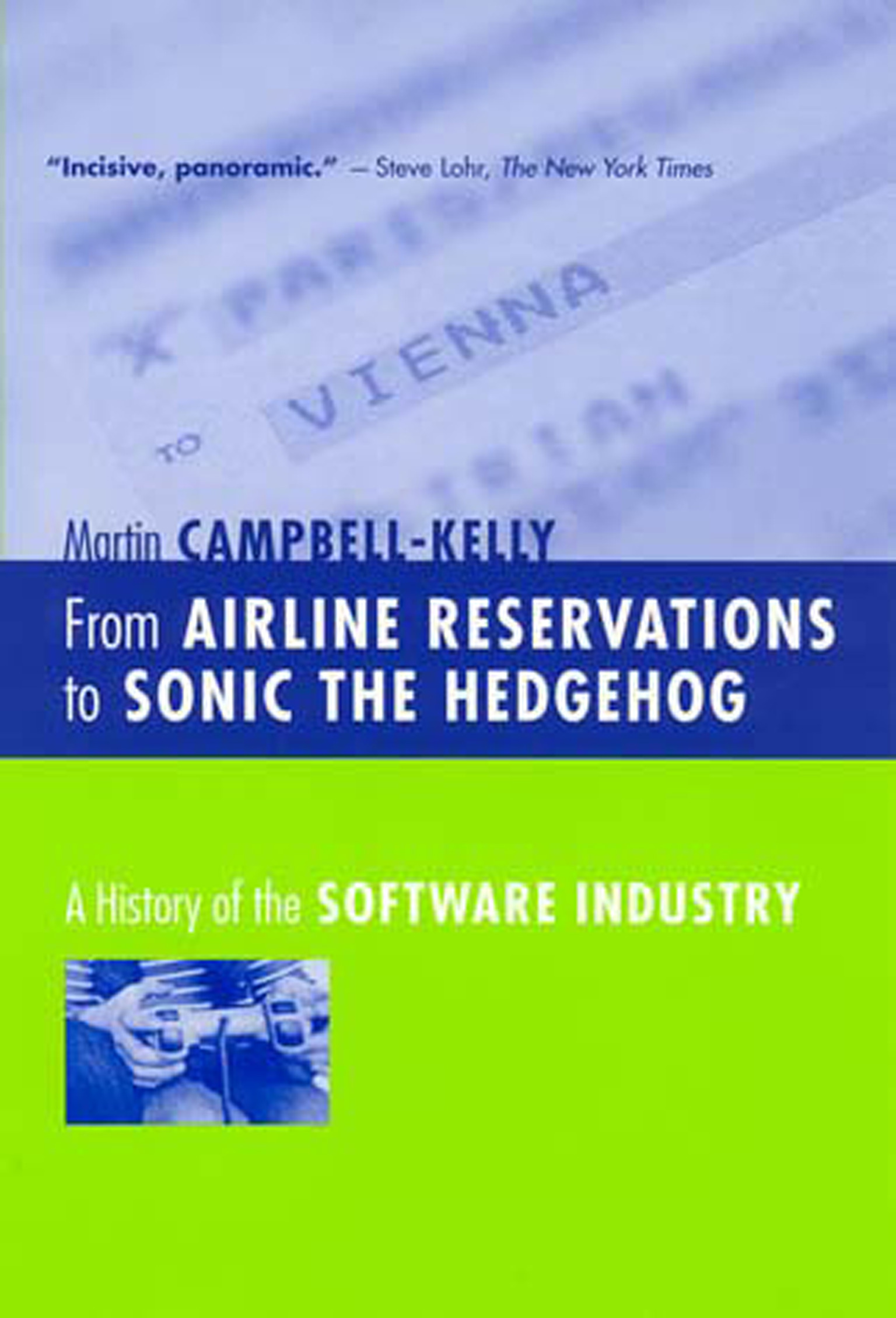
From Airline Reservations to Sonic the Hedgehog A business history of the software industry from the days of custom programming to the age of mass-market software and video games. From its first glimmerings in the 1950s, the software industry has evolved to become the fourth largest industrial sector of the US economy. Starting with a handful of software contractors who produced specialized programs for the few existing machines, the industry grew to include producers of corporate software packages and then makers of mass-market products and recreational software. This book tells the story of each of these types of firm, focusing on the products they developed, the business models they followed, and the markets they served. By describing the breadth of this industry, Martin Campbell-Kelly corrects the popular misconception that one firm is at the center of the software universe. He also tells the story of lucrative software products such as IBM's CICS and SAP's R/3, which, though little known to the general public, lie at the heart of today's information infrastructure.With its wealth of industry data and its thoughtful judgments, this book will become a starting point for all future investigations of this fundamental component of computer history. TECHNOLOGY & ENGINEERING,Social Aspects
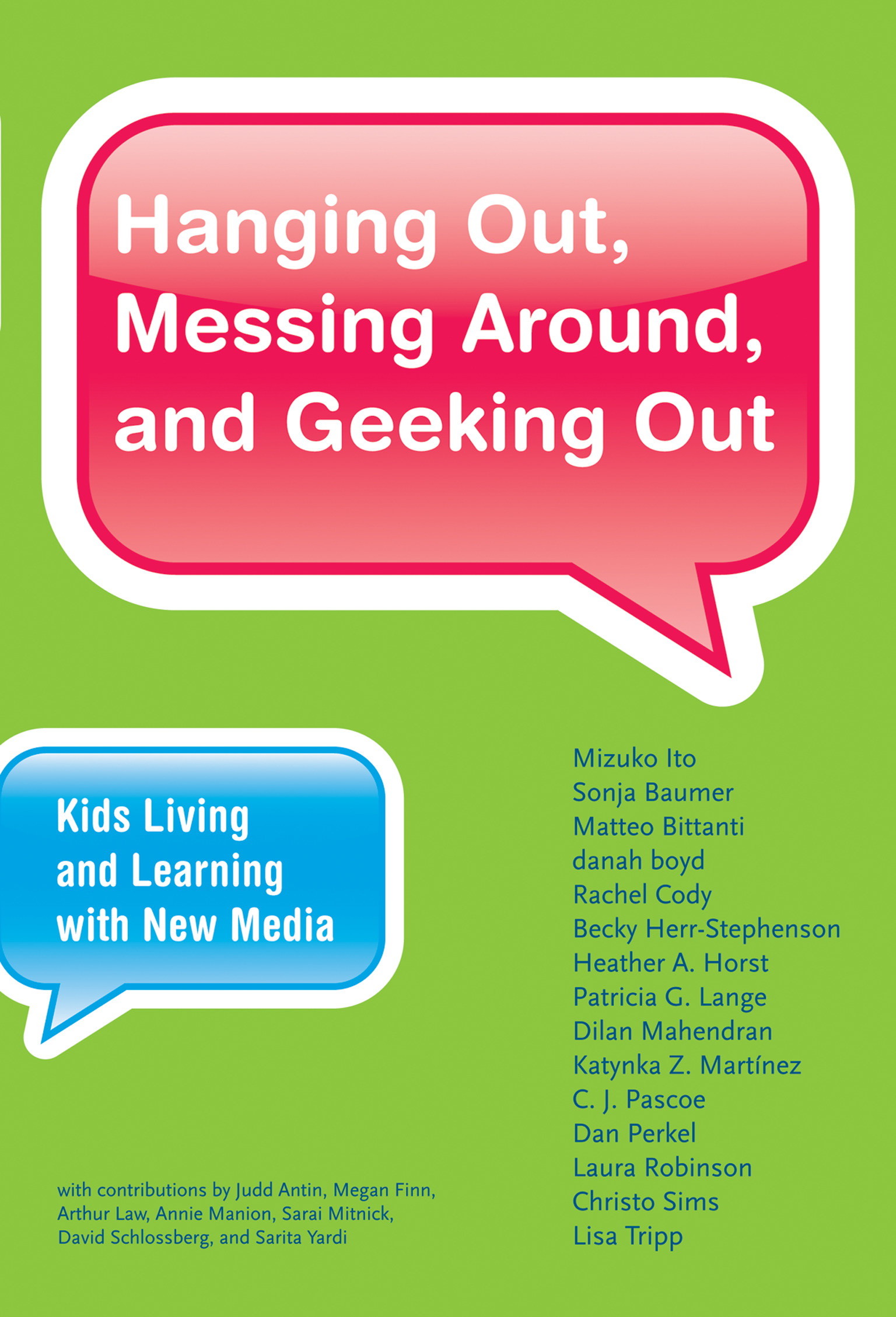
Hanging Out, Messing Around, and Geeking Out An examination of young people's everyday new media practices—including video-game playing, text-messaging, digital media production, and social media use. Conventional wisdom about young people's use of digital technology often equates generational identity with technology identity: today's teens seem constantly plugged in to video games, social networking sites, and text messaging. Yet there is little actual research that investigates the intricate dynamics of youths' social and recreational use of digital media. Hanging Out, Messing Around, and Geeking Out fills this gap, reporting on an ambitious three-year ethnographic investigation into how young people are living and learning with new media in varied settings—at home, in after-school programs, and in online spaces. Integrating twenty-three case studies—which include Harry Potter podcasting, video-game playing, music sharing, and online romantic breakups—in a unique collaborative authorship style, Hanging Out, Messing Around, and Geeking Out is distinctive for its combination of in-depth description of specific group dynamics with conceptual analysis. TECHNOLOGY & ENGINEERING,Social Aspects
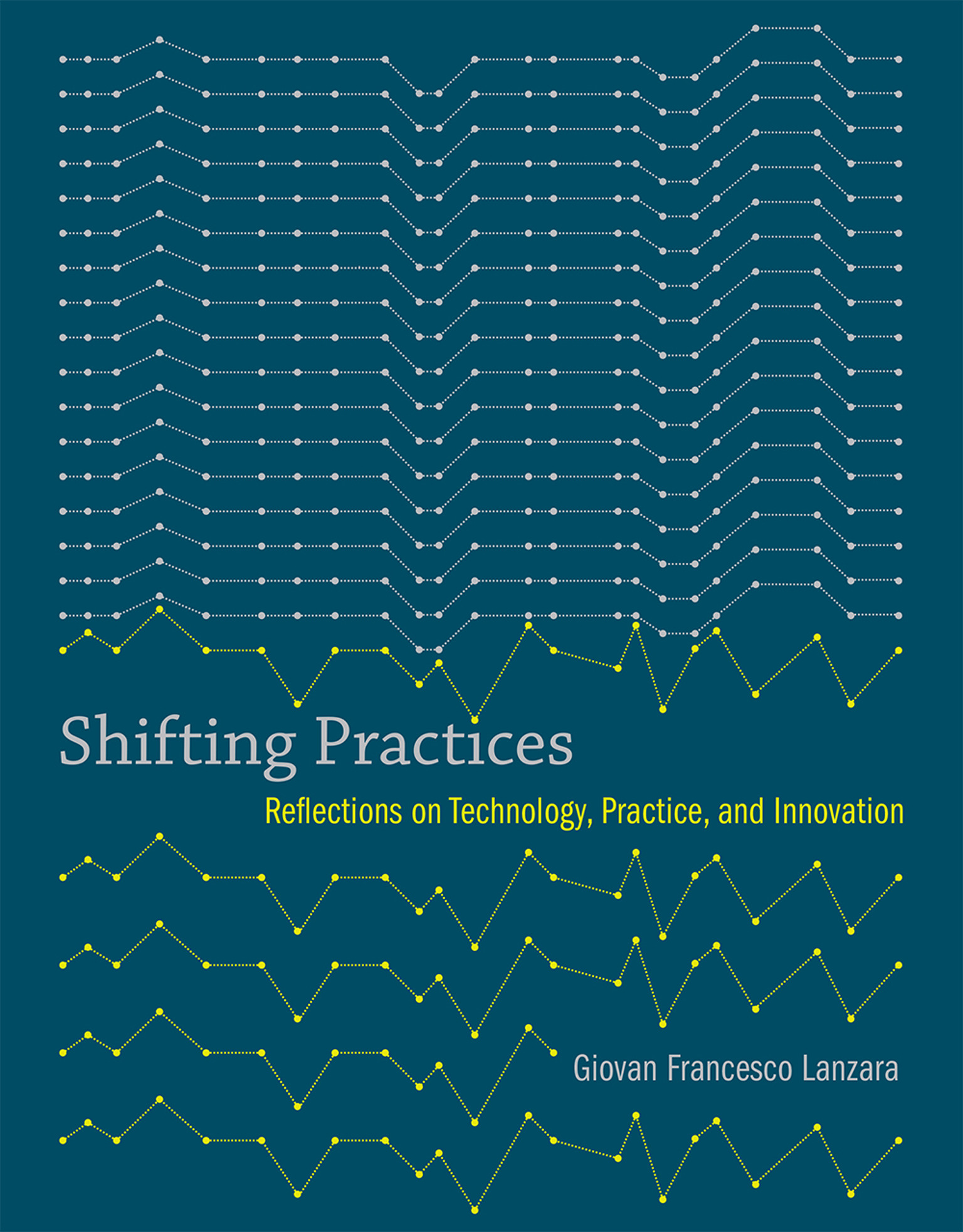
Shifting Practices How disruptions and discontinuities caused by the introduction of new technologies often reveal aspects of practice not previously observed. What happens in an established practice or work setting when a novel artifact or tool for doing work changes the familiar work routines? Any unexpected event, or change, or technological innovation creates a discontinuity; organizations and individuals must reframe taken-for-granted assumptions and practices and reposition themselves. To study innovation as a phenomenon, then, we must search for situations of discontinuity and rupture and explore them in depth. In Shifting Practices, Giovan Francesco Lanzara does just that, and discovers that disruptions and discontinuities caused by the introduction of new technologies often reveal aspects of practice not previously observed. After discussing methodological and research issues, Lanzara presents two in-depth studies focusing on processes of design and innovation in two different practice settings: music education and criminal justice. In the first, he works with the music department of a major American university to develop Music LOGO, a computer system that allows students to explore musical structures with simple, composition-like exercises and experiments. In the second, he works with the Italian court system in the design and use of video technology for criminal trials. In both cases, drawing on anecdotes and examples as well as theory and analysis, he traces the new systems from design through implementation and adoption. Finally, Lanzara considers the researcher's role, and the relationship—encompassing empathy, vulnerability, and temporality—between the reflective researcher and actors in the practice setting. TECHNOLOGY & ENGINEERING,Social Aspects
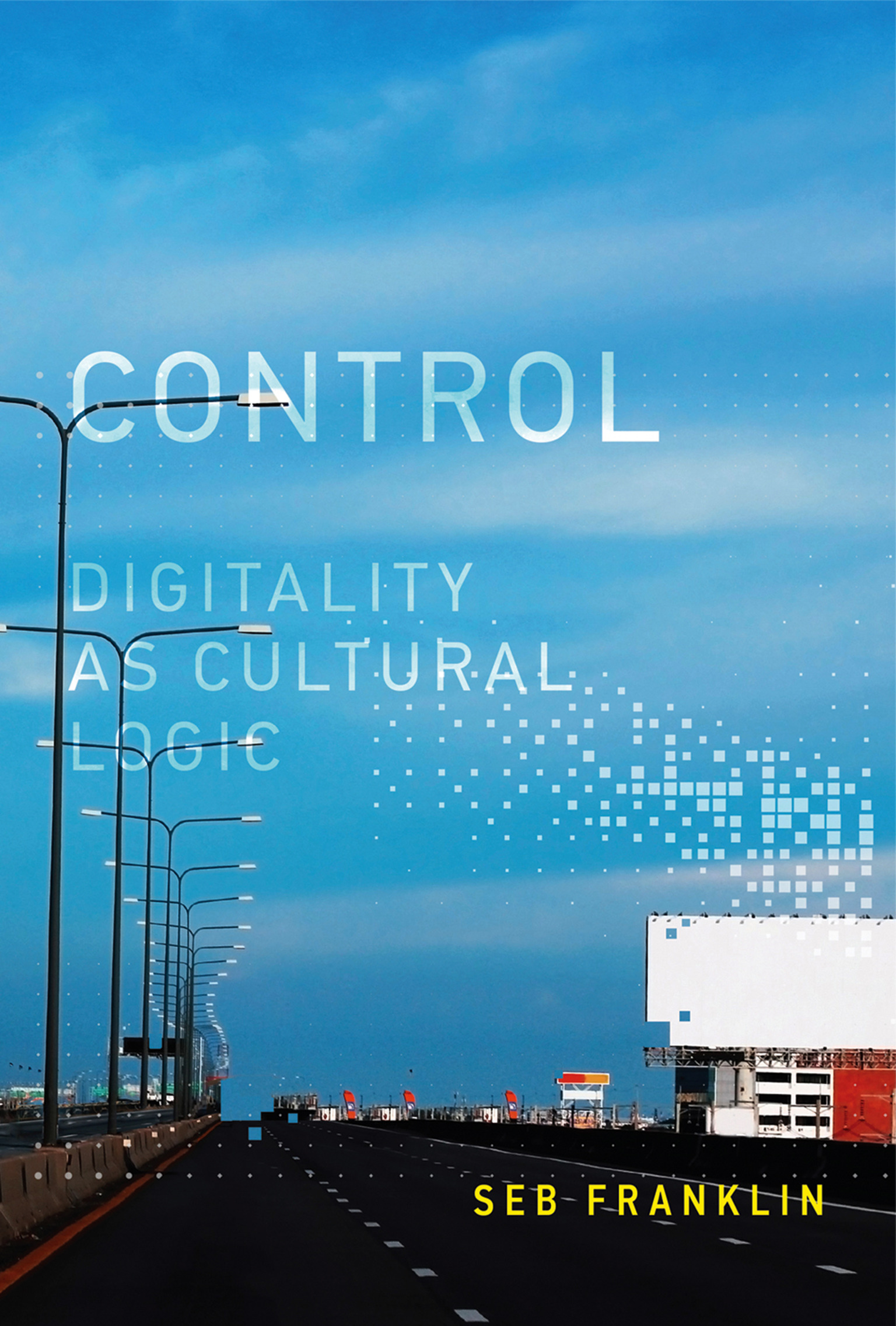
Control An examination of digitality not simply as a technical substrate but also as the logical basis for reshaped concepts of labor, subjectivity, and collectivity. Is there a cultural logic of what we have come to call the information age? Have the technologies and techniques centered on the computer provided not only tools but also the metaphors through which we now understand the social and economic formation of our world? In Control, Seb Franklin addresses the conditions of knowledge that make the concept of the “information economy” possible while at the same time obscuring its deleterious effects on material social spaces. In so doing, Franklin traces three intertwined threads: the relationships among information, labor, and social management that emerged in the nineteenth century; the mid-twentieth-century diffusion of computational metaphors; and the appearance of informatic principles in certain contemporary socioeconomic and cultural practices. Drawing on critical theory, media theory, and the history of science, Franklin names control as the episteme grounding late capitalism. Beyond any specific device or set of technically mediated practices, digitality functions within this episteme as the logical basis for reshaped concepts of labor, subjectivity, and collectivity, as well as for the intensification of older modes of exclusion and dispossession. In tracking the pervasiveness of this logical mode into the present, Franklin locates the cultural traces of control across a diverse body of objects and practices, from cybernetics to economic theory and management styles, and from concepts of language and subjectivity to literary texts, films, and video games. TECHNOLOGY & ENGINEERING,Social Aspects
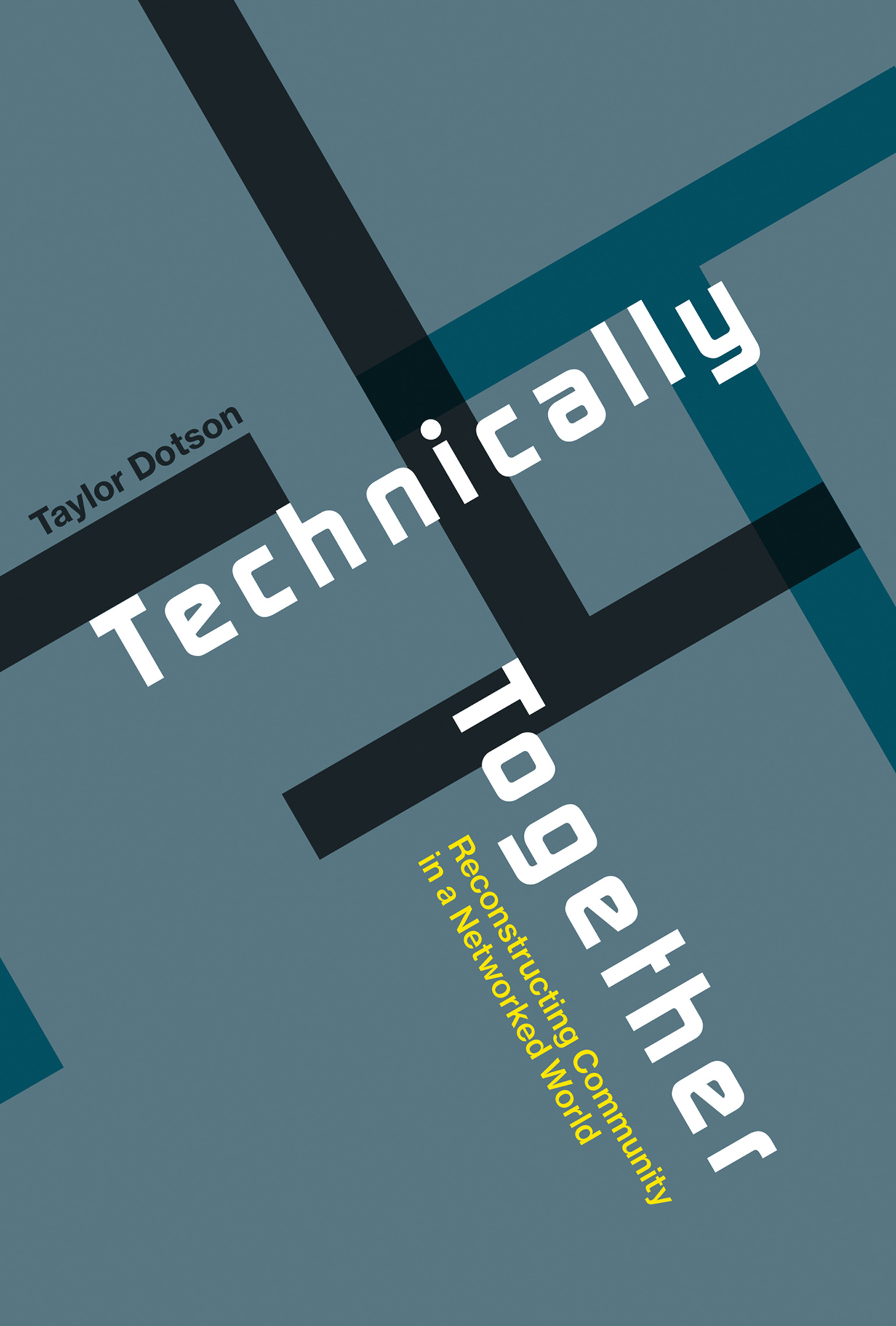
Technically Together Why we should not accept “networked individualism” as the inevitable future of community. If social interaction by social media has become “the modern front porch” (as one sociologist argues), offering richer and more various contexts for community and personal connection, why do we often feel lonelier after checking Facebook? For one thing, as Taylor Dotson writes in Technically Together, “Try getting a Facebook status update to help move a couch or stay for dinner.” Dotson argues that the experts who assure us that “networked individualism” will only bring us closer together seem to be urging citizens to adapt their social expectations to the current limits of technology and discouraging them from considering how technologies could be refashioned to enable other ways of relating and belonging. Dotson characterizes different instantiations of community as “thick” or “thin,” depending on the facets and manifestations of togetherness that they encompass. Individuating social networks are a form of community, he explains, but relatively thin in regard to several dimensions of communality. Dotson points out that current technological practices are not foreordained but supported by policies, economic arrangements, and entrenched patterns of thought. He examines a range of systems, organizations, and infrastructures—from suburban sprawl and smartphones to energy grids and “cry-it-out” sleep training for infants—and considers whether they contribute to the atomization of social life or to togetherness and community vibrancy. Dotson argues that technology could support multifaceted communities if citizens stopped accepting the technological status quo and instead demanded more from their ever-present devices. TECHNOLOGY & ENGINEERING,Social Aspects
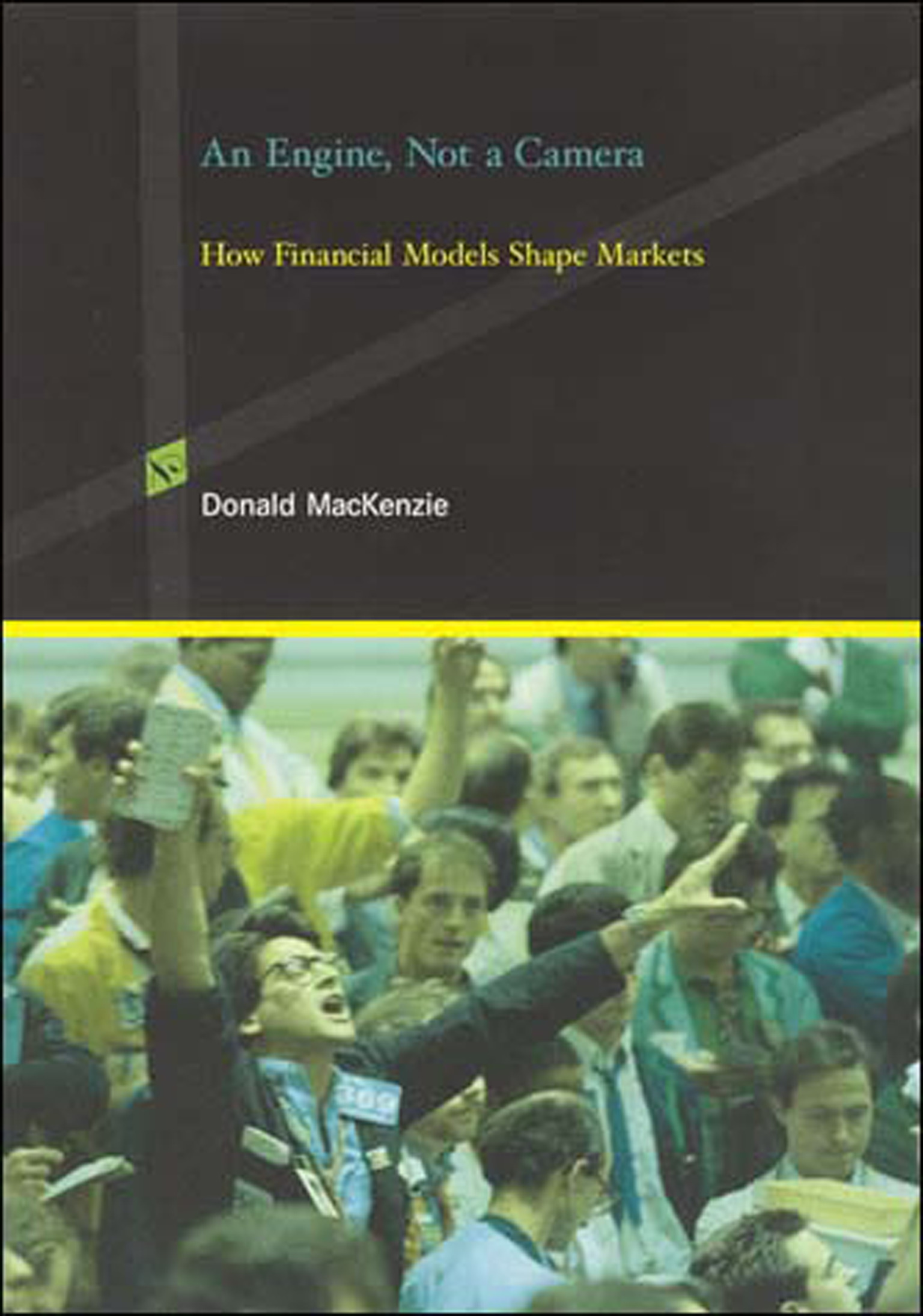
An Engine, Not a Camera In An Engine, Not a Camera, Donald MacKenzie argues that the emergence of modern economic theories of finance affected financial markets in fundamental ways. These new, Nobel Prize-winning theories, based on elegant mathematical models of markets, were not simply external analyses but intrinsic parts of economic processes.Paraphrasing Milton Friedman, MacKenzie says that economic models are an engine of inquiry rather than a camera to reproduce empirical facts. More than that, the emergence of an authoritative theory of financial markets altered those markets fundamentally. For example, in 1970, there was almost no trading in financial derivatives such as "futures." By June of 2004, derivatives contracts totaling $273 trillion were outstanding worldwide. MacKenzie suggests that this growth could never have happened without the development of theories that gave derivatives legitimacy and explained their complexities. MacKenzie examines the role played by finance theory in the two most serious crises to hit the world's financial markets in recent years: the stock market crash of 1987 and the market turmoil that engulfed the hedge fund Long-Term Capital Management in 1998. He also looks at finance theory that is somewhat beyond the mainstream—chaos theorist Benoit Mandelbrot's model of "wild" randomness. MacKenzie's pioneering work in the social studies of finance will interest anyone who wants to understand how America's financial markets have grown into their current form. TECHNOLOGY & ENGINEERING,Social Aspects
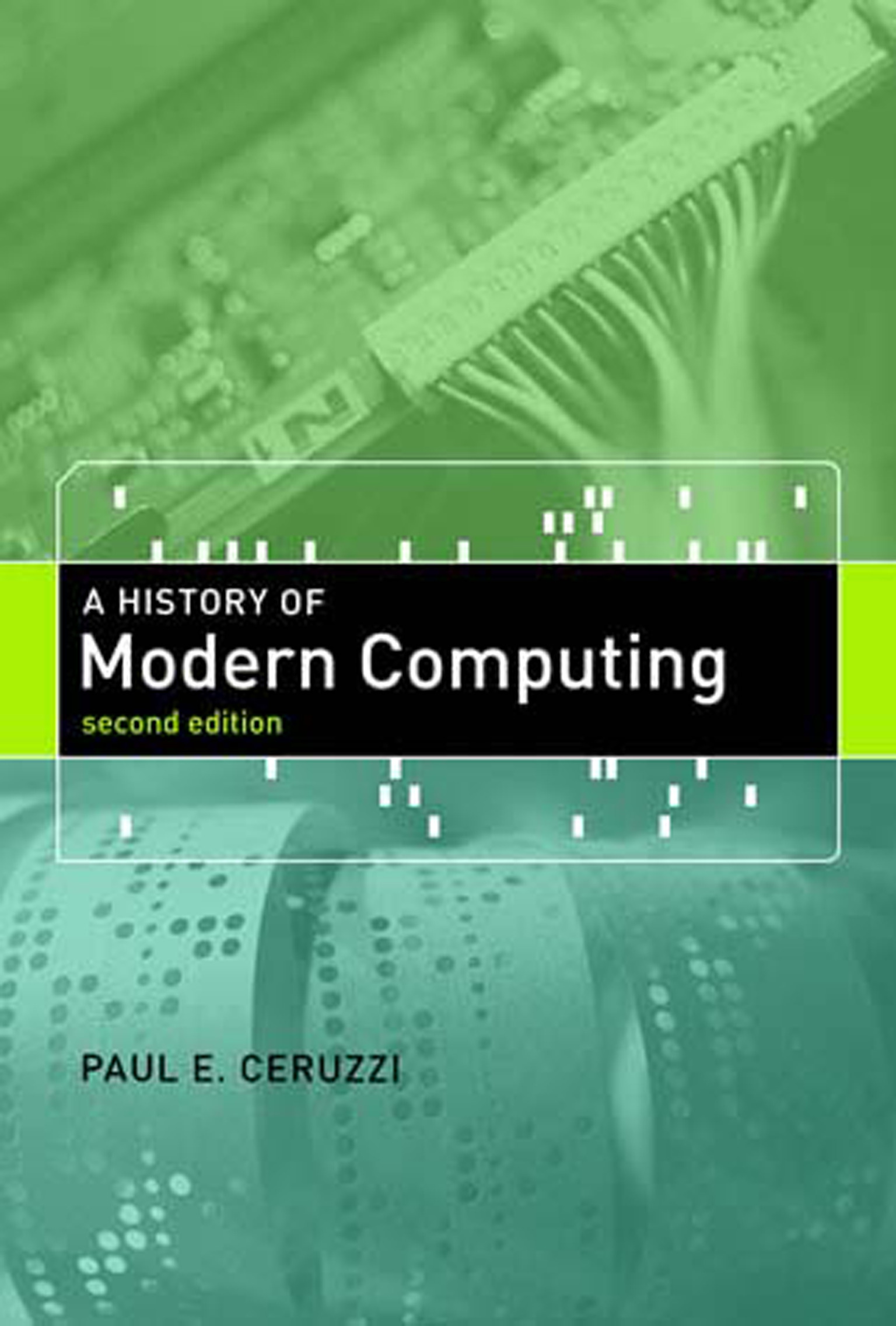
A History of Modern Computing, second edition From the first digital computer to the dot-com crash—a story of individuals, institutions, and the forces that led to a series of dramatic transformations. This engaging history covers modern computing from the development of the first electronic digital computer through the dot-com crash. The author concentrates on five key moments of transition: the transformation of the computer in the late 1940s from a specialized scientific instrument to a commercial product; the emergence of small systems in the late 1960s; the beginning of personal computing in the 1970s; the spread of networking after 1985; and, in a chapter written for this edition, the period 1995-2001. The new material focuses on the Microsoft antitrust suit, the rise and fall of the dot-coms, and the advent of open source software, particularly Linux. Within the chronological narrative, the book traces several overlapping threads: the evolution of the computer's internal design; the effect of economic trends and the Cold War; the long-term role of IBM as a player and as a target for upstart entrepreneurs; the growth of software from a hidden element to a major character in the story of computing; and the recurring issue of the place of information and computing in a democratic society. The focus is on the United States (though Europe and Japan enter the story at crucial points), on computing per se rather than on applications such as artificial intelligence, and on systems that were sold commercially and installed in quantities. TECHNOLOGY & ENGINEERING,Social Aspects
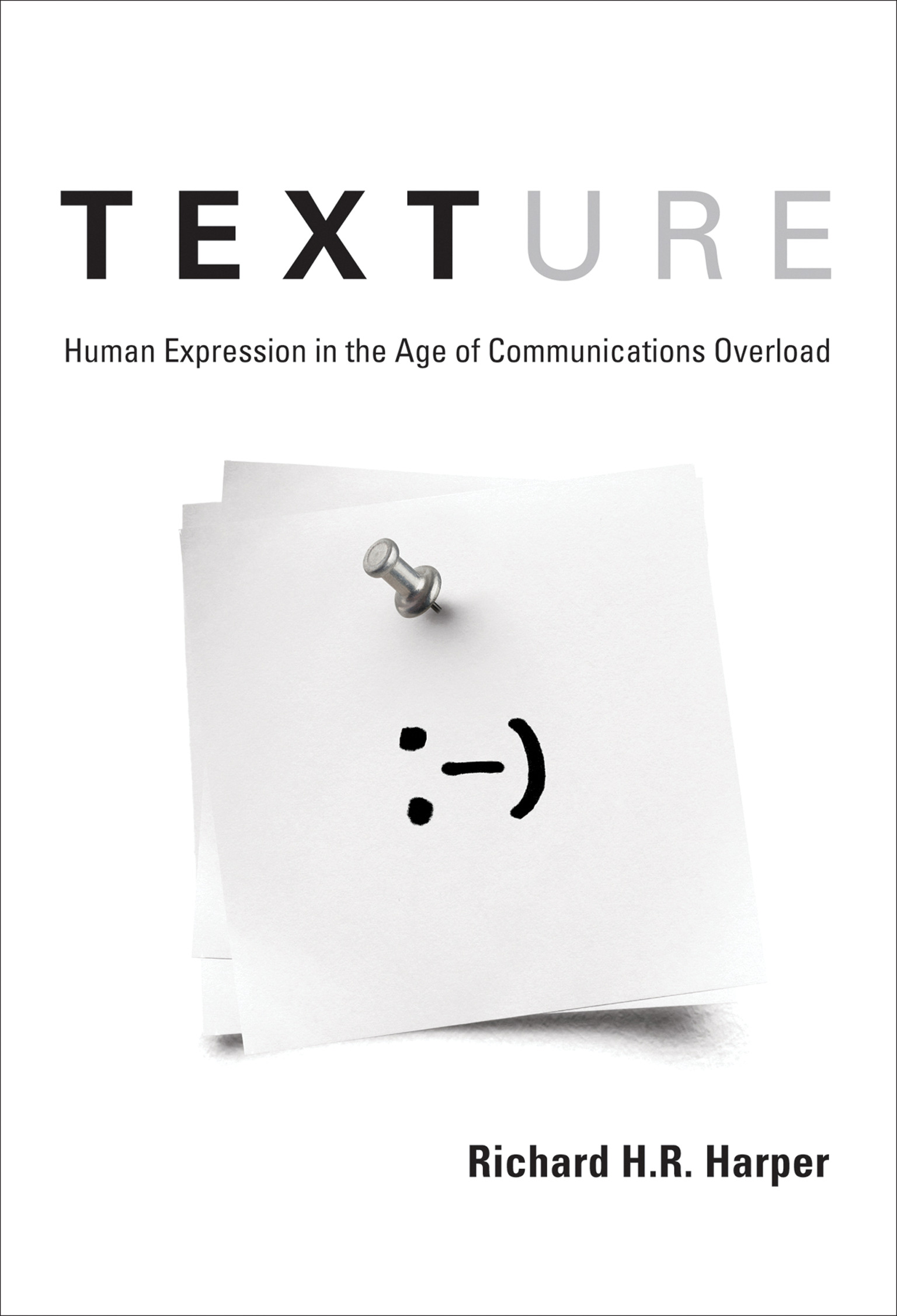
Texture Why we complain about communication overload even as we seek new ways to communicate. Our workdays are so filled with emails, instant messaging, and RSS feeds that we complain that there's not enough time to get our actual work done. At home, we are besieged by telephone calls on landlines and cell phones, the beeps that signal text messages, and work emails on our BlackBerrys. It's too much, we cry (or type) as we update our Facebook pages, compose a blog post, or check to see what Shaquille O'Neal has to say on Twitter. In Texture, Richard Harper asks why we seek out new ways of communicating even as we complain about communication overload. Harper describes the mistaken assumptions of developers that “more” is always better and argues that users prefer simpler technologies that allow them to create social bonds. Communication is not just the exchange of information. There is a texture to our communicative practices, manifest in the different means we choose to communicate (quick or slow, permanent or ephemeral). TECHNOLOGY & ENGINEERING,Social Aspects
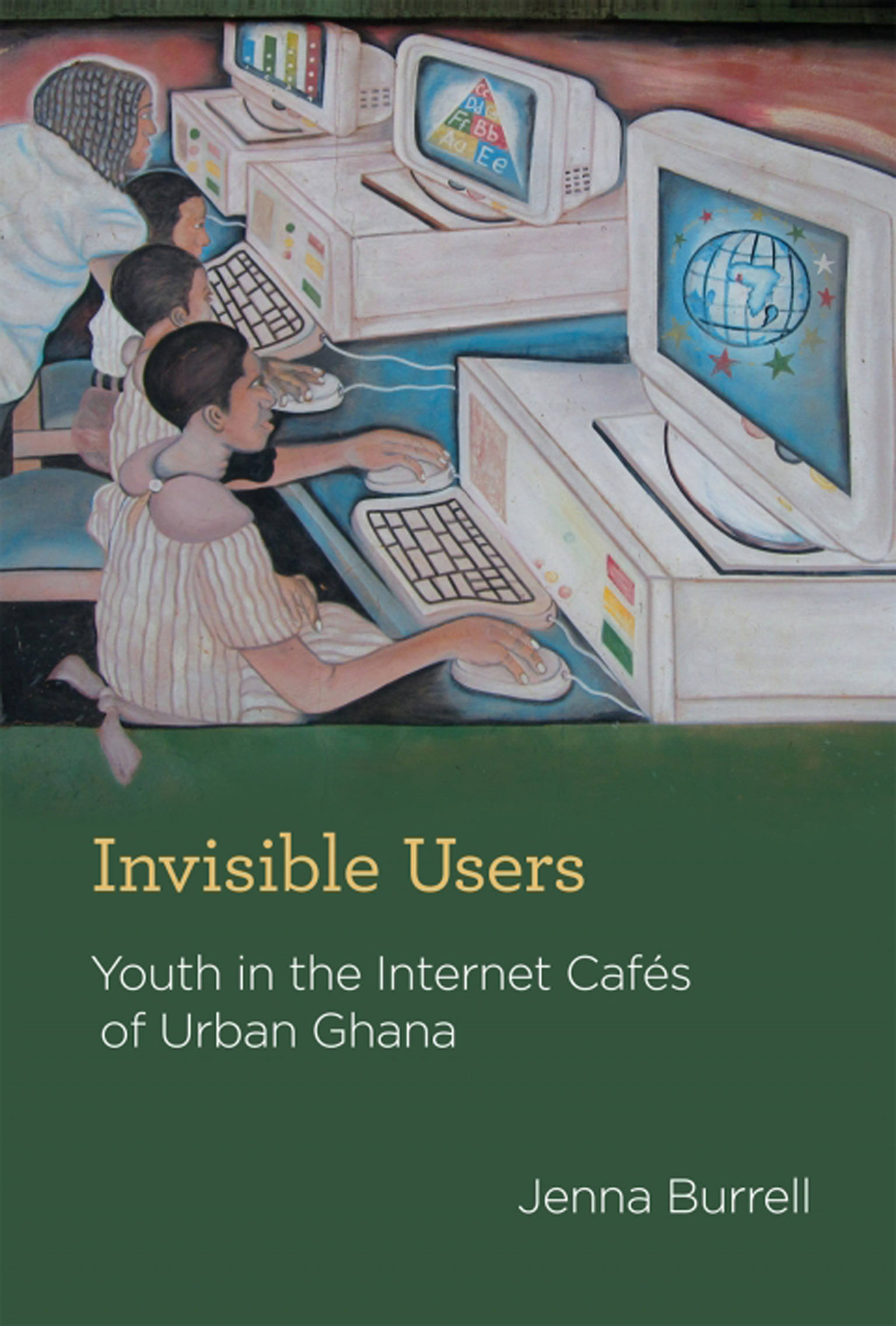
Invisible Users An account of how young people in Ghana's capital city adopt and adapt digital technology in the margins of the global economy. The urban youth frequenting the Internet cafés of Accra, Ghana, who are decidedly not members of their country's elite, use the Internet largely as a way to orchestrate encounters across distance and amass foreign ties—activities once limited to the wealthy, university-educated classes. The Internet, accessed on second-hand computers (castoffs from the United States and Europe), has become for these youths a means of enacting a more cosmopolitan self. In Invisible Users, Jenna Burrell offers a richly observed account of how these Internet enthusiasts have adopted, and adapted to their own priorities, a technological system that was not designed with them in mind. Burrell describes the material space of the urban Internet café and the virtual space of push and pull between young Ghanaians and the foreigners they encounter online; the region's famous 419 scam strategies and the rumors of “big gains” that fuel them; the influential role of churches and theories about how the supernatural operates through the network; and development rhetoric about digital technologies and the future viability of African Internet cafés in the region. Burrell, integrating concepts from science and technology studies and African studies with empirical findings from her own field work in Ghana, captures the interpretive flexibility of technology by users in the margins but also highlights how their invisibility puts limits on their full inclusion into a global network society. TECHNOLOGY & ENGINEERING,Social Aspects

Interface A cultural theory of the interface as a relation that is both ubiquitous and elusive, drawing on disciplines from cultural theory to architecture. In this book, Branden Hookway considers the interface not as technology but as a form of relationship with technology. The interface, Hookway proposes, is at once ubiquitous and hidden from view. It is both the bottleneck through which our relationship to technology must pass and a productive encounter embedded within the use of technology. It is a site of contestation—between human and machine, between the material and the social, between the political and the technological—that both defines and elides differences. A virtuoso in multiple disciplines, Hookway offers a theory of the interface that draws on cultural theory, political theory, philosophy, art, architecture, new media, and the history of science and technology. He argues that the theoretical mechanism of the interface offers a powerful approach to questions of the human relationship to technology. Hookway finds the origin of the term interface in nineteenth-century fluid dynamics and traces its migration to thermodynamics, information theory, and cybernetics. He discusses issues of subject formation, agency, power, and control, within contexts that include technology, politics, and the social role of games. He considers the technological augmentation of humans and the human-machine system, discussing notions of embodied intelligence. Hookway views the figure of the subject as both receiver and active producer in processes of subjectification. The interface, he argues, stands in a relation both alien and intimate, vertiginous and orienting to those who cross its threshold. TECHNOLOGY & ENGINEERING,Social Aspects
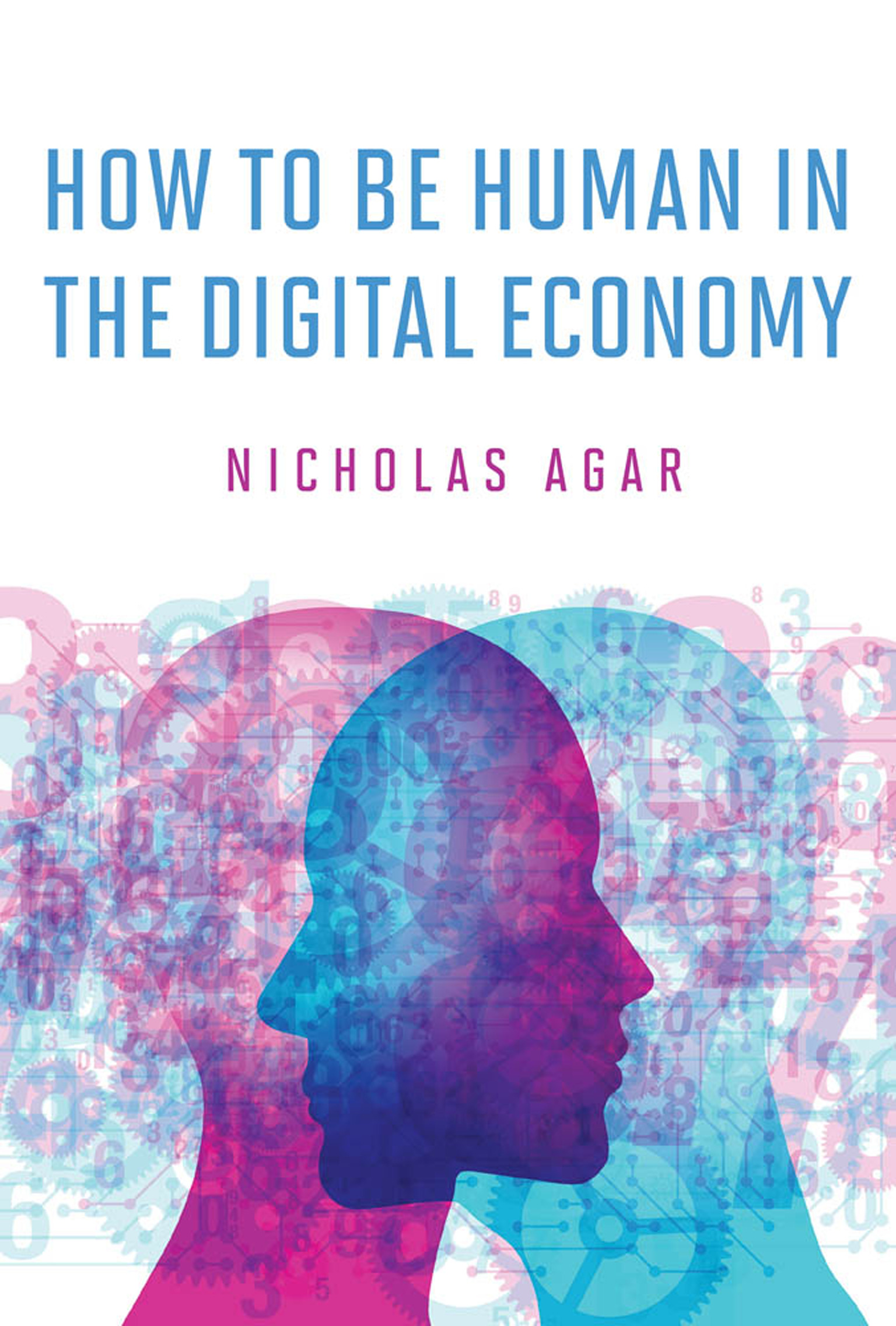
How to Be Human in the Digital Economy An argument in favor of finding a place for humans (and humanness) in the future digital economy. In the digital economy, accountants, baristas, and cashiers can be automated out of employment; so can surgeons, airline pilots, and cab drivers. Machines will be able to do these jobs more efficiently, accurately, and inexpensively. But, Nicholas Agar warns in this provocative book, these developments could result in a radically disempowered humanity. The digital revolution has brought us new gadgets and new things to do with them. The digital revolution also brings the digital economy, with machines capable of doing humans' jobs. Agar explains that developments in artificial intelligence enable computers to take over not just routine tasks but also the kind of “mind work” that previously relied on human intellect, and that this threatens human agency. The solution, Agar argues, is a hybrid social-digital economy. The key value of the digital economy is efficiency. The key value of the social economy is humanness. A social economy would be centered on connections between human minds. We should reject some digital automation because machines will always be poor substitutes for humans in roles that involve direct contact with other humans. A machine can count out pills and pour out coffee, but we want our nurses and baristas to have minds like ours. In a hybrid social-digital economy, people do the jobs for which feelings matter and machines take on data-intensive work. But humans will have to insist on their relevance in a digital age. TECHNOLOGY & ENGINEERING,Social Aspects
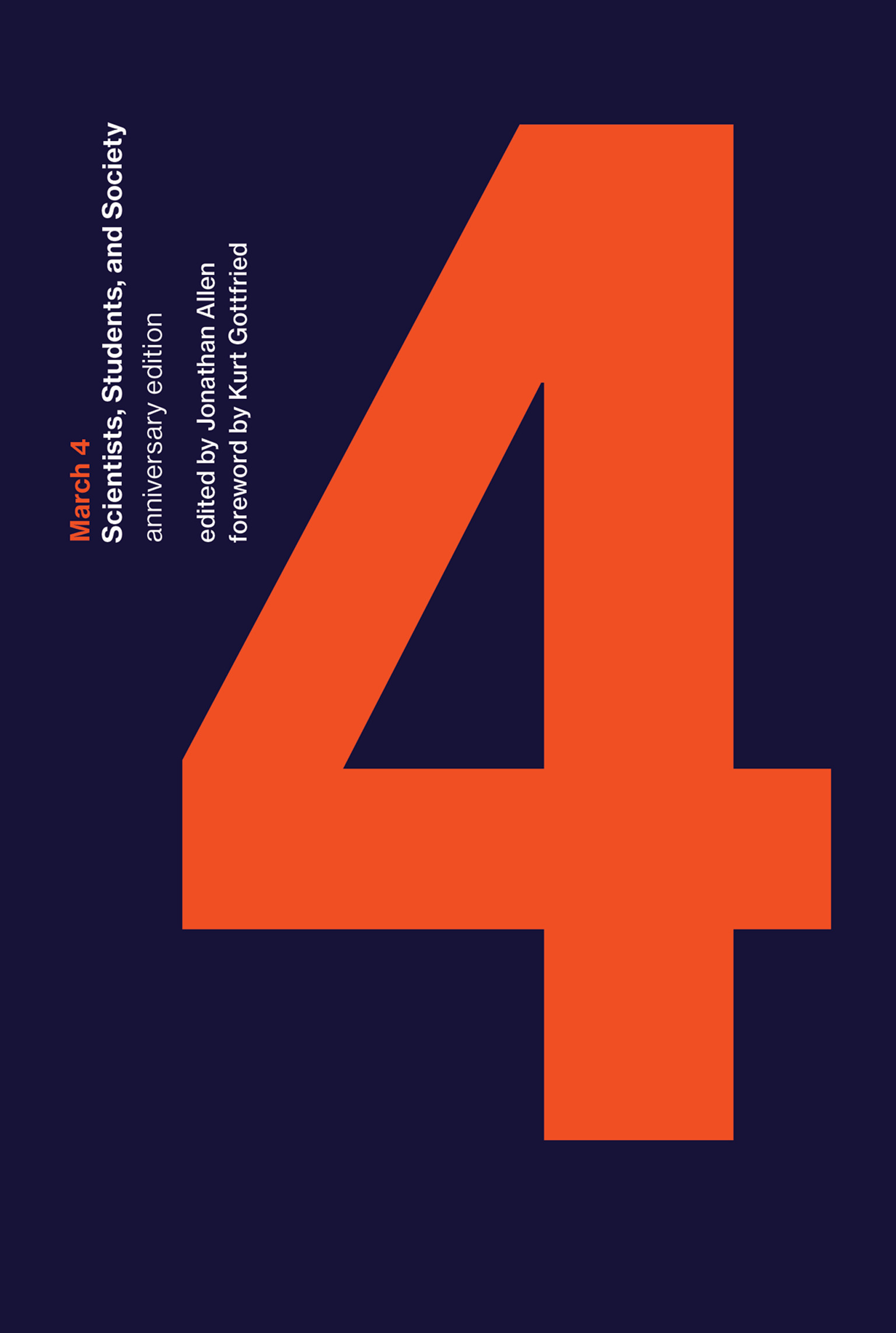
March 4, anniversary edition Scientists debate the role of scientific research in the military-industrial complex and consider the complicity of academic science in American wars. On March 4, 1969, MIT faculty and students joined together for an extraordinary day of protest. Growing out of the MIT community's anguish over the Vietnam War and concern over the perceived complicity of academic science with the American war machine, the events of March 4 and the days following were a “positive protest”—a forum not only for addressing political and moral priorities but also for mapping out a course of action. Soon afterward, some of the participants founded the Union of Concerned Scientists. This book documents the March 4 protest with transcripts of talks and panel discussions. Speakers included Noam Chomsky, Howard Zinn, Lionel Trilling, and Nobel Laureate George Wald, whose memorable speech, “A Generation in Search of a Future,” was widely circulated. Topics of discussion ranged from general considerations of the intellectuals' political responsibility to specific comments on the Vietnam War and nuclear disarmament. This fiftieth anniversary edition adds a foreword by Kurt Gottfried, a physicist, participant in the March 4 protest, and cofounder of the Union of Concerned Scientists. He writes, forcefully and hopefully, “Fifty years ago, a remarkable awakening was occurring among American scientists about their role in society. This volume offers a fascinating snapshot of that moment on March 4, 1969, and the activities and discussions collected here remain relevant and resonant today.” In an era when many politicians routinely devalue science, we can take inspiration from the March 4 protests. TECHNOLOGY & ENGINEERING,Social Aspects

Cosmopolitan Commons A new approach in commons theory to understand the interactions of technology, society, and nature, supported by case studies of new transnational European commons. With the advent of modernity, the sharing of resources and infrastructures rapidly expanded beyond local communities into regional, national, and even transnational space—nowhere as visibly as in Europe, with its small-scale political divisions. This volume views these shared resource spaces as the seedbeds of a new generation of technology-rich bureaucratic and transnational commons. Drawing on the theory of cosmopolitanism, which seeks to model the dynamics of an increasingly interdependent world, and on the tradition of commons scholarship inspired by the late Elinor Ostrom, the book develops a new theory of “cosmopolitan commons” that provides a framework for merging the study of technology with such issues as risk, moral order, and sustainability at levels beyond the nation-state. After laying out the theoretical framework, the book presents case studies that explore the empirical nuances: airspace as transport commons, radio broadcasting, hydropower, weather forecasting and genetic diversity as information commons, transboundary air pollution, and two “capstone” studies of interlinked, temporally layered commons: one on overlapping commons within the North Sea for freight, fishing, and fossil fuels; and one on commons for transport, salmon fishing, and clean water in the Rhine. Contributors Håkon With Andersen, Nil Disco, Paul N. Edwards, Arne Kaijser, Eda Kranakis, Kristiina Korjonen-Kuusipuro, Tiago Saraiva, Nina Wormbs TECHNOLOGY & ENGINEERING,Social Aspects
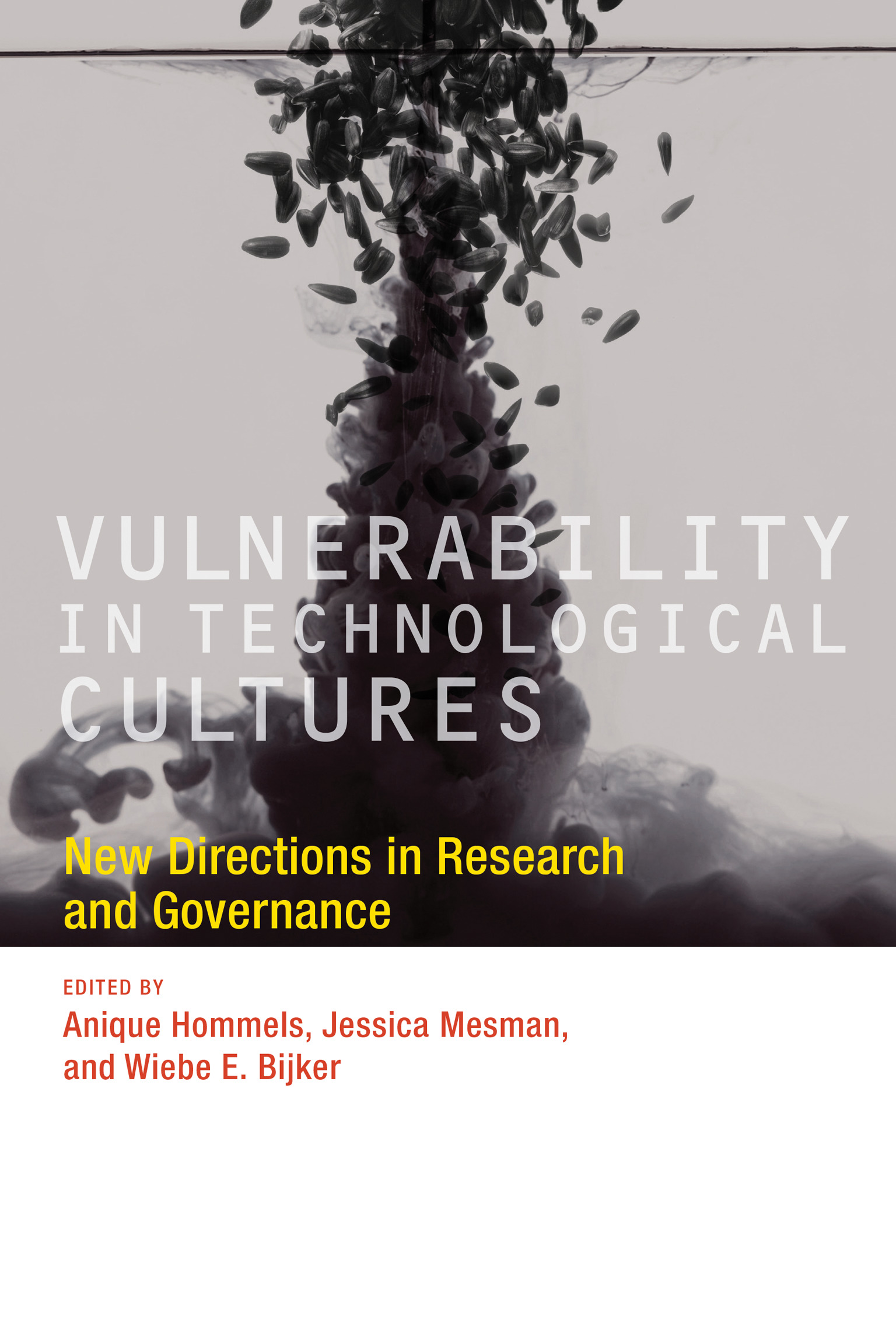
Vulnerability in Technological Cultures Analysis and case studies explore the concept of vulnerability, offering a novel and broader approach to understanding the risks and benefits of science and technology. Novel technologies and scientific advancements offer not only opportunities but risks. Technological systems are vulnerable to human error and technical malfunctioning that have far-reaching consequences: one flipped switch can cause a cascading power failure across a networked electric grid. Yet, once addressed, vulnerability accompanied by coping mechanisms may yield a more flexible and resilient society. This book investigates vulnerability, in both its negative and positive aspects, in technological cultures. The contributors argue that viewing risk in terms of vulnerability offers a novel approach to understanding the risks and benefits of science and technology. Such an approach broadens conventional risk analysis by connecting to issues of justice, solidarity, and livelihood, and enabling comparisons between the global north and south. The book explores case studies that range from agricultural practices in India to neonatal intensive care medicine in Western hospitals; these cases, spanning the issues addressed in the book, illustrate what vulnerability is and does. The book offers conceptual frameworks for empirical description and analysis of vulnerability that elucidate its ambiguity, context dependence, and constructed nature. Finally, the book addresses the implications of these analyses for the governance of vulnerability, proposing a more reflexive way of dealing with vulnerability in technological cultures. Contributors Marjolein van Asselt, Martin Boeckhout, Wiebe Bijker, Tessa Fox, Stephen Healy, Anique Hommels, Sheila Jasanoff, Jozef Keulartz, Jessica Mesman, Ger Palmboom, C. Shambu Prasad, Julia Quartz, Johan M. Sanne, Maartje Schermer, Teesta Setelvad, Esha Shah, Andy Stirling, Imrat Verhoeven, Esther Versluis, Shiv Visvanathan, Gerard de Vries, Ger Wackers, Dick Willems TECHNOLOGY & ENGINEERING,Social Aspects

Updating to Remain the Same What it means when media moves from the new to the habitual—when our bodies become archives of supposedly obsolescent media, streaming, updating, sharing, saving. New media—we are told—exist at the bleeding edge of obsolescence. We thus forever try to catch up, updating to remain the same. Meanwhile, analytic, creative, and commercial efforts focus exclusively on the next big thing: figuring out what will spread and who will spread it the fastest. But what do we miss in this constant push to the future? In Updating to Remain the Same, Wendy Hui Kyong Chun suggests another approach, arguing that our media matter most when they seem not to matter at all—when they have moved from “new” to habitual. Smart phones, for example, no longer amaze, but they increasingly structure and monitor our lives. Through habits, Chun says, new media become embedded in our lives—indeed, we become our machines: we stream, update, capture, upload, link, save, trash, and troll. Chun links habits to the rise of networks as the defining concept of our era. Networks have been central to the emergence of neoliberalism, replacing “society” with groupings of individuals and connectable “YOUS.” (For isn't “new media” actually “NYOU media”?) Habit is central to the inversion of privacy and publicity that drives neoliberalism and networks. Why do we view our networked devices as “personal” when they are so chatty and promiscuous? What would happen, Chun asks, if, rather than pushing for privacy that is no privacy, we demanded public rights—the right to be exposed, to take risks and to be in public and not be attacked? TECHNOLOGY & ENGINEERING,Social Aspects
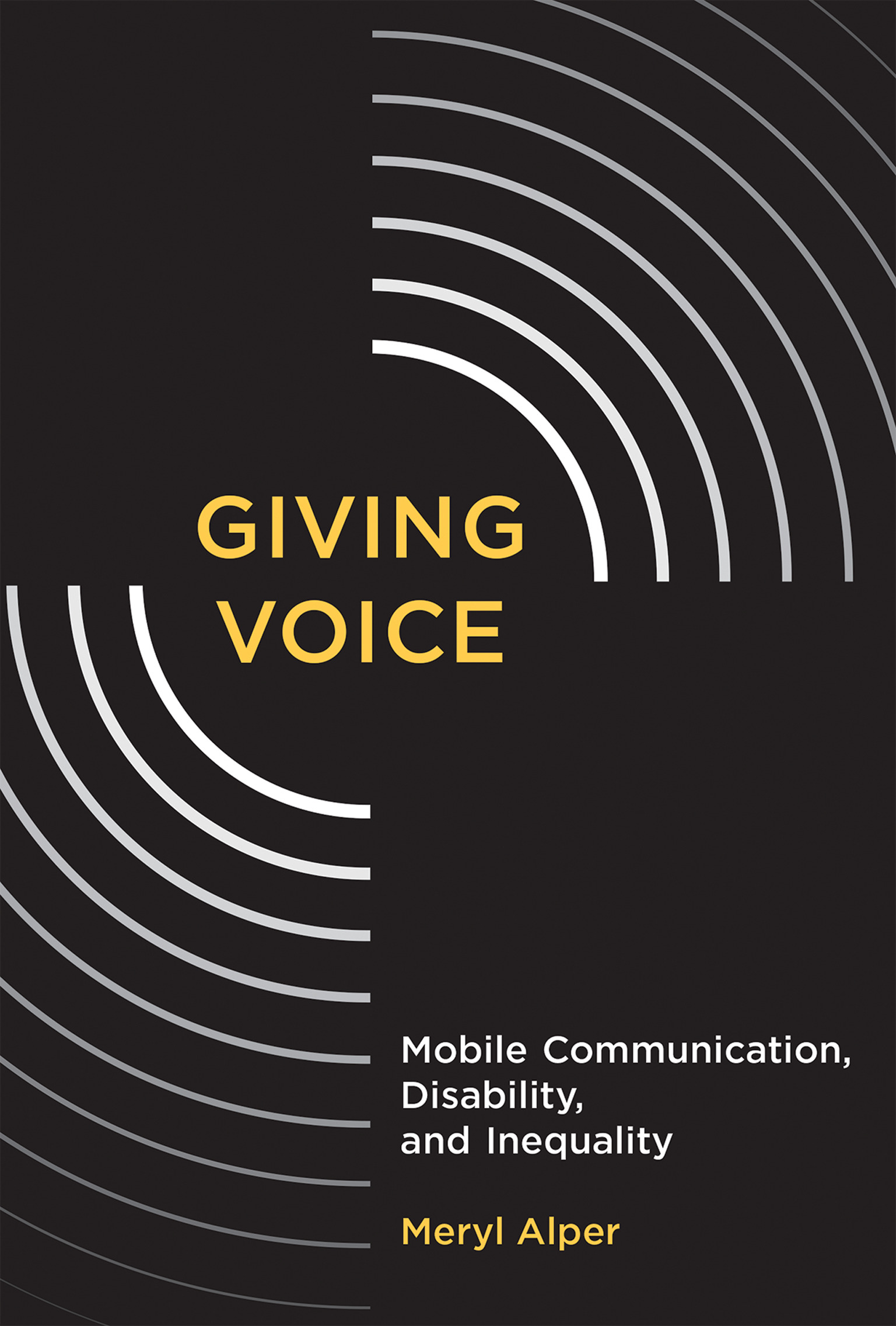
Giving Voice How communication technologies meant to empower people with speech disorders—to give voice to the voiceless—are still subject to disempowering structural inequalities. Mobile technologies are often hailed as a way to “give voice to the voiceless.” Behind the praise, though, are beliefs about technology as a gateway to opportunity and voice as a metaphor for agency and self-representation. In Giving Voice, Meryl Alper explores these assumptions by looking closely at one such case—the use of the Apple iPad and mobile app Proloquo2Go, which converts icons and text into synthetic speech, by children with disabilities (including autism and cerebral palsy) and their families. She finds that despite claims to empowerment, the hardware and software are still subject to disempowering structural inequalities. Views of technology as a great equalizer, she illustrates, rarely account for all the ways that culture, law, policy, and even technology itself can reinforce disparity, particularly for those with disabilities. Alper explores, among other things, alternative understandings of voice, the surprising sociotechnical importance of the iPad case, and convergences and divergences in the lives of parents across class. She shows that working-class and low-income parents understand the app and other communication technologies differently from upper- and middle-class parents, and that the institutional ecosystem reflects a bias toward those more privileged. Handing someone a talking tablet computer does not in itself give that person a voice. Alper finds that the ability to mobilize social, economic, and cultural capital shapes the extent to which individuals can not only speak but be heard. TECHNOLOGY & ENGINEERING,Social Aspects
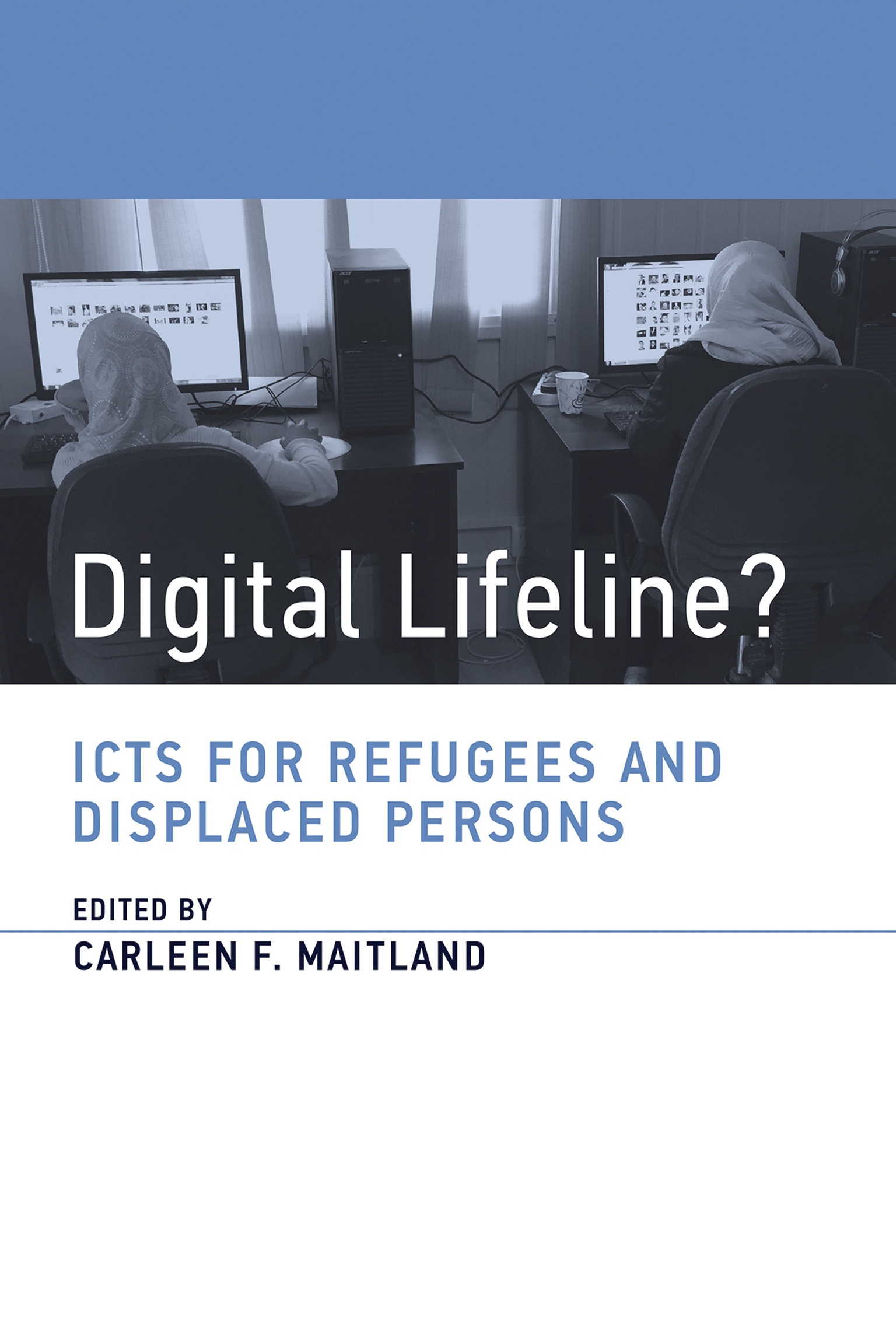
Digital Lifeline? Interdisciplinary perspectives on the role of new information technologies, including mobile phones, wireless networks, and biometric identification, in the global refugee crisis. Today's global refugee crisis has mobilized humanitarian efforts to help those fleeing persecution and armed conflict at all stages of their journey. Aid organizations are increasingly employing new information technologies in their mission, taking advantage of proliferating mobile phones, remote sensors, wireless networks, and biometric identification systems. Digital Lifeline? examines the use of these technological innovations by the humanitarian community, exploring operations and systems that range from forecasting refugee flows to providing cellular and Internet connectivity to displaced persons. The contributors, from disciplines as diverse as international law and computer science, offer a variety of perspectives on forced migration, technical development, and user behavior, drawing on field work in countries including Jordan, Lebanon, Rwanda, Germany, Greece, the United States, and Canada. The chapters consider such topics as the use of information technology in refugee status determination; ethical and legal issues surrounding biometric technologies; information technology within organizational hierarchies; the use of technology by refugees; access issues in refugee camps; the scalability and sustainability of information technology innovations in humanitarian work; geographic information systems and spatial thinking; and the use of “big data” analytic techniques. Finally, the book identifies policy research directions, develops a unified research agenda, and offers practical suggestions for conducting displacement research. Contributors Elizabeth Belding, Karen E. Fisher, Daniel Iland, Lindsey N. Kingston, Carleen F. Maitland, Susan F. Martin, Galya Ben-Arieh Ruffer, Paul Schmitt, Lisa Singh, Brian Tomaszewski, Mariya Zheleva TECHNOLOGY & ENGINEERING,Social Aspects
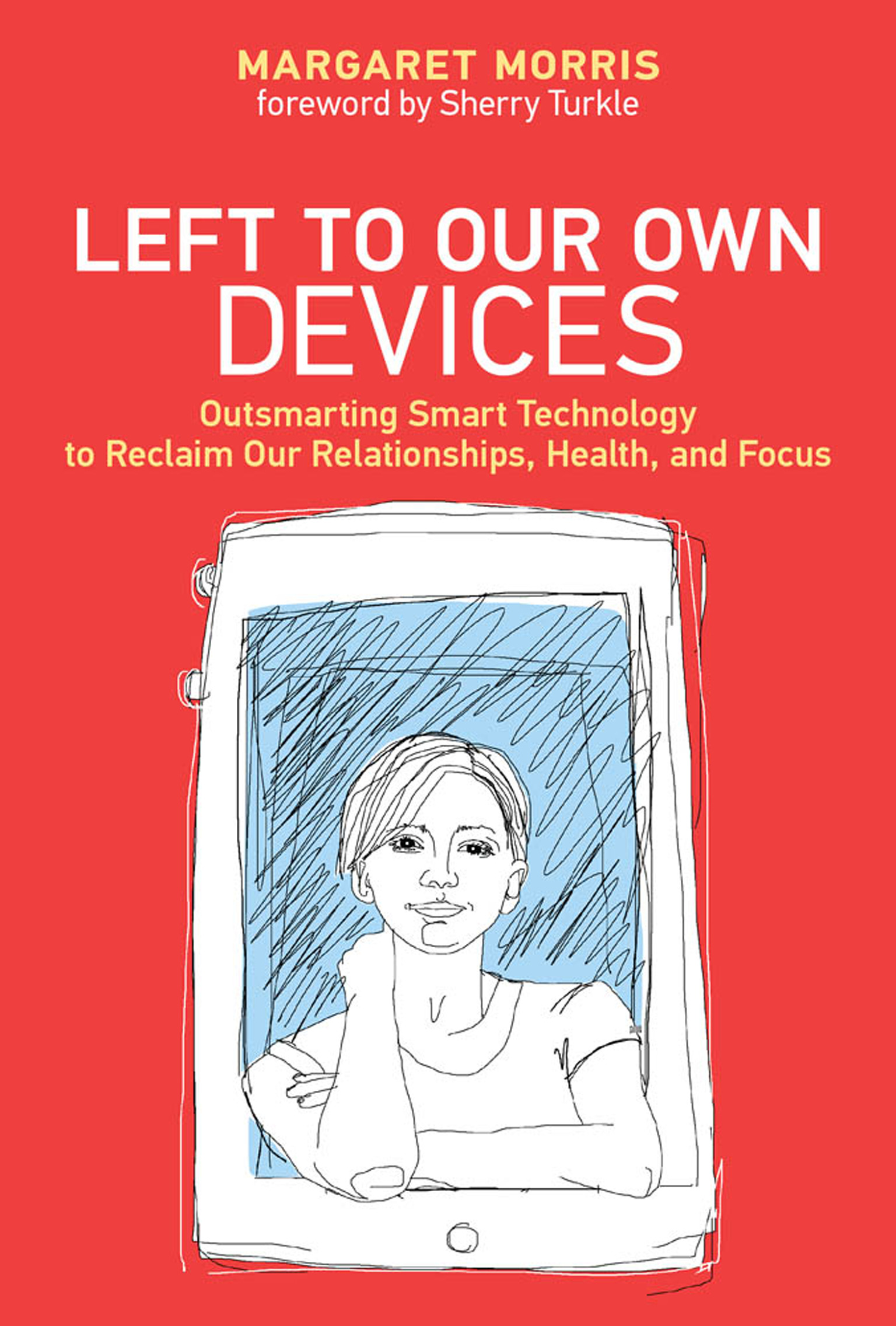
Left to Our Own Devices Unexpected ways that individuals adapt technology to reclaim what matters to them, from working through conflict with smart lights to celebrating gender transition with selfies. We have been warned about the psychological perils of technology: distraction, difficulty empathizing, and loss of the ability (or desire) to carry on a conversation. But our devices and data are woven into our lives. We can't simply reject them. Instead, Margaret Morris argues, we need to adapt technology creatively to our needs and values. In Left to Our Own Devices, Morris offers examples of individuals applying technologies in unexpected ways—uses that go beyond those intended by developers and designers. Morris examines these kinds of personalized life hacks, chronicling the ways that people have adapted technology to strengthen social connection, enhance well-being, and affirm identity. Morris, a clinical psychologist and app creator, shows how people really use technology, drawing on interviews she has conducted as well as computer science and psychology research. She describes how a couple used smart lights to work through conflict; how a woman persuaded herself to eat healthier foods when her photographs of salads garnered “likes” on social media; how a trans woman celebrated her transition with selfies; and how, through augmented reality, a woman changed the way she saw her cancer and herself. These and the many other “off-label” adaptations described by Morris cast technology not just as a temptation that we struggle to resist but as a potential ally as we try to take care of ourselves and others. The stories Morris tells invite us to be more intentional and creative when left to our own devices. TECHNOLOGY & ENGINEERING,Social Aspects
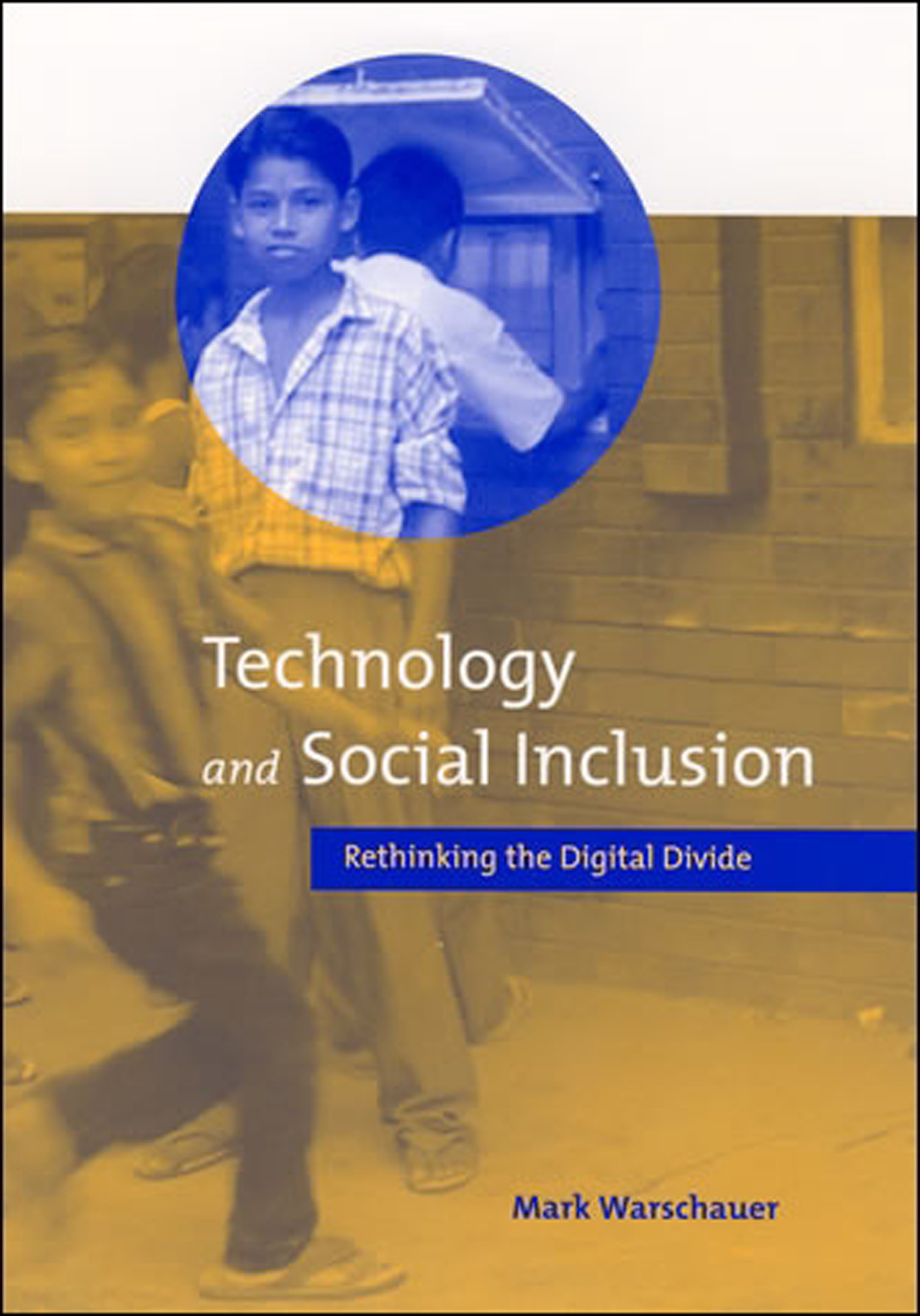
Technology and Social Inclusion Much of the discussion about new technologies and social equality has focused on the oversimplified notion of a "digital divide." Technology and Social Inclusion moves beyond the limited view of haves and have-nots to analyze the different forms of access to information and communication technologies. Drawing on theory from political science, economics, sociology, psychology, communications, education, and linguistics, the book examines the ways in which differing access to technology contributes to social and economic stratification or inclusion. The book takes a global perspective, presenting case studies from developed and developing countries, including Brazil, China, Egypt, India, and the United States.A central premise is that, in today's society, the ability to access, adapt, and create knowledge using information and communication technologies is critical to social inclusion. This focus on social inclusion shifts the discussion of the "digital divide" from gaps to be overcome by providing equipment to social development challenges to be addressed through the effective integration of technology into communities, institutions, and societies. What is most important is not so much the physical availability of computers and the Internet but rather people's ability to make use of those technologies to engage in meaningful social practices. TECHNOLOGY & ENGINEERING,Social Aspects
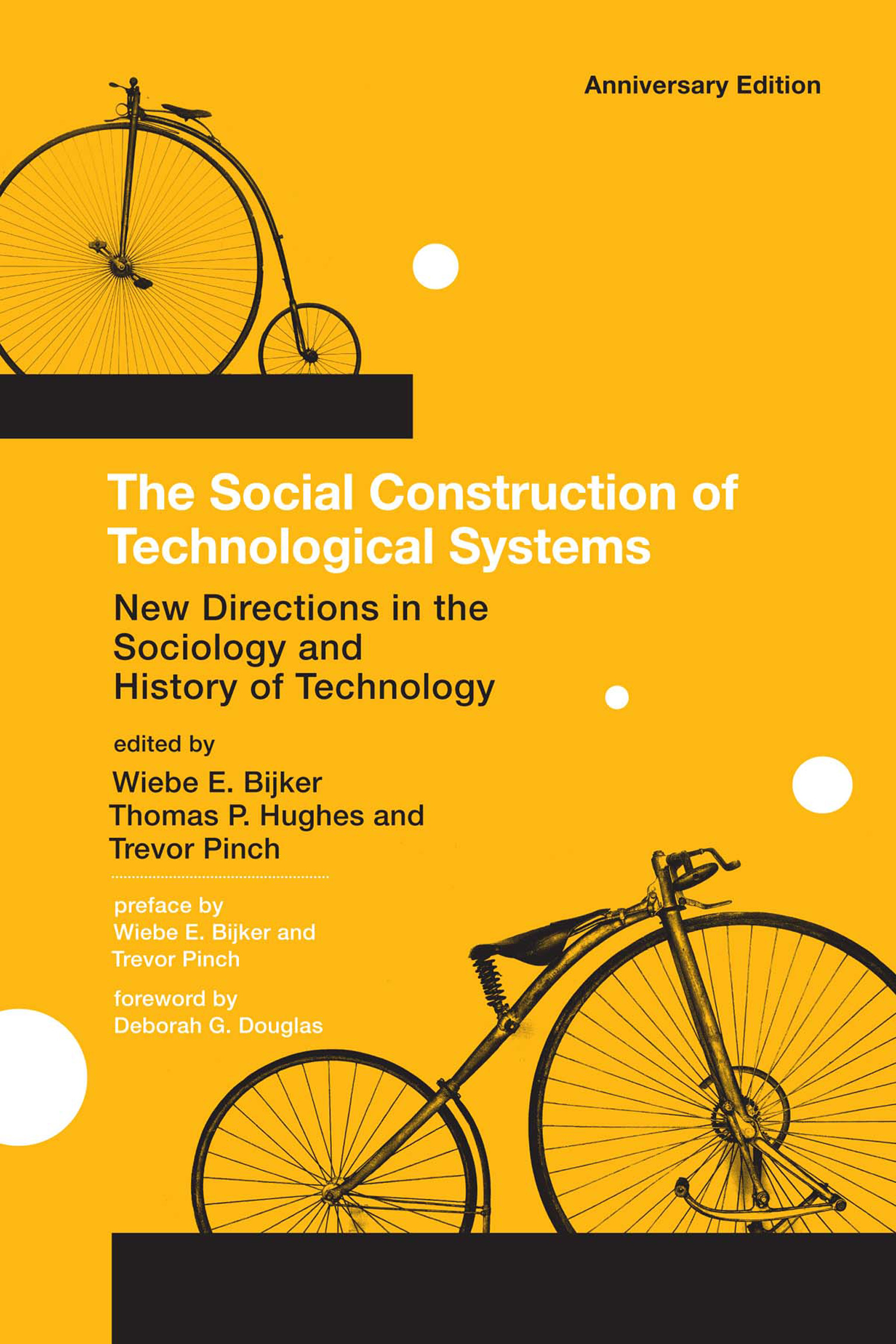
The Social Construction of Technological Systems, anniversary edition An anniversary edition of an influential book that introduced a groundbreaking approach to the study of science, technology, and society. This pioneering book, first published in 1987, launched the new field of social studies of technology. It introduced a method of inquiry—social construction of technology, or SCOT—that became a key part of the wider discipline of science and technology studies. The book helped the MIT Press shape its STS list and inspired the Inside Technology series. The thirteen essays in the book tell stories about such varied technologies as thirteenth-century galleys, eighteenth-century cooking stoves, and twentieth-century missile systems. Taken together, they affirm the fruitfulness of an approach to the study of technology that gives equal weight to technical, social, economic, and political questions, and they demonstrate the illuminating effects of the integration of empirics and theory. The approaches in this volume—collectively called SCOT (after the volume's title) have since broadened their scope, and twenty-five years after the publication of this book, it is difficult to think of a technology that has not been studied from a SCOT perspective and impossible to think of a technology that cannot be studied that way. TECHNOLOGY & ENGINEERING,Social Aspects

Coding Places An examination of software practice in Brazil that reveals both the globalization and the localization of software development. Software development would seem to be a quintessential example of today's Internet-enabled “knowledge work”—a global profession not bound by the constraints of geography. In Coding Places, Yuri Takhteyev looks at the work of software developers who inhabit two contexts: a geographical area—in this case, greater Rio de Janeiro—and a “world of practice,” a global system of activities linked by shared meanings and joint practice. The work of the Brazilian developers, Takhteyev discovers, reveals a paradox of the world of software: it is both diffuse and sharply centralized. The world of software revolves around a handful of places—in particular, the San Francisco Bay area—that exercise substantial control over both the material and cultural elements of software production. Takhteyev shows how in this context Brazilian software developers work to find their place in the world of software and to bring its benefits to their city. Takhteyev's study closely examines Lua, an open source programming language developed in Rio but used in such internationally popular products as World of Warcraft and Angry Birds. He shows that Lua had to be separated from its local origins on the periphery in order to achieve success abroad. The developers, Portuguese speakers, used English in much of their work on Lua. By bringing to light the work that peripheral practitioners must do to give software its seeming universality, Takhteyev offers a revealing perspective on the not-so-flat world of globalization. TECHNOLOGY & ENGINEERING,Social Aspects
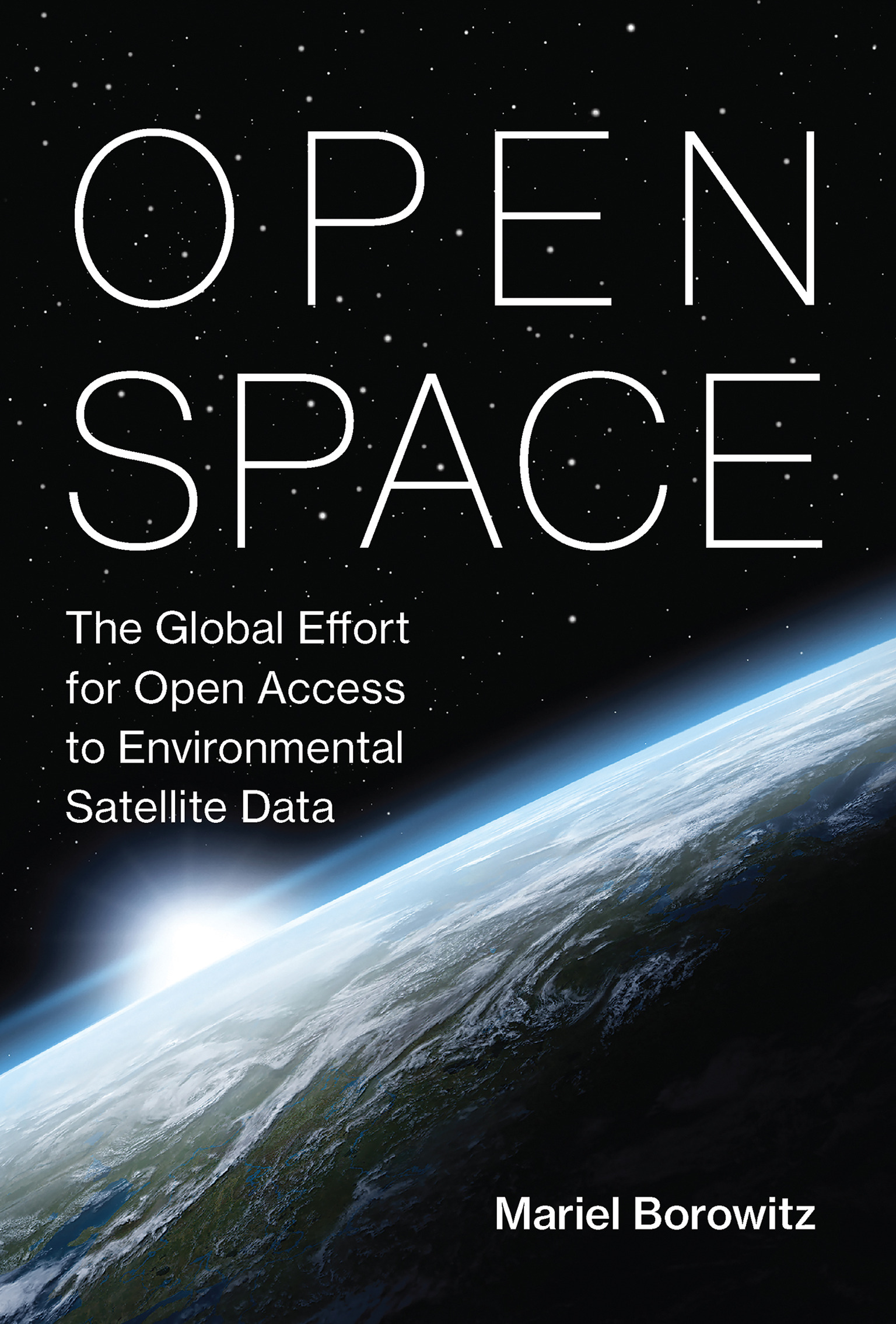
Open Space An examination of environmental satellite data sharing policies, offering a model of data-sharing policy development, case and practical recommendations for increasing global data sharing. Key to understanding and addressing climate change is continuous and precise monitoring of environmental conditions. Satellites play an important role in collecting climate data, offering comprehensive global coverage that can't be matched by in situ observation. And yet, as Mariel Borowitz shows in this book, much satellite data is not freely available but restricted; this remains true despite the data-sharing advocacy of international organizations and a global open data movement. Borowitz examines policies governing the sharing of environmental satellite data, offering a model of data-sharing policy development and applying it in case studies from the United States, Europe, and Japan—countries responsible for nearly half of the unclassified government Earth observation satellites. Borowitz develops a model that centers on the government agency as the primary actor while taking into account the roles of such outside actors as other government officials and non-governmental actors, as well as the economic, security, and normative attributes of the data itself. The case studies include the U.S. National Aeronautics and Space Administration (NASA) and the U.S. National Oceanographic and Atmospheric Association (NOAA), and the United States Geological Survey (USGS); the European Space Agency (ESA) and the European Organization for the Exploitation of Meteorological Satellites (EUMETSAT); and the Japanese Aerospace Exploration Agency (JAXA) and the Japanese Meteorological Agency (JMA). Finally, she considers the policy implications of her findings for the future and provides recommendations on how to increase global sharing of satellite data. TECHNOLOGY & ENGINEERING,Social Aspects
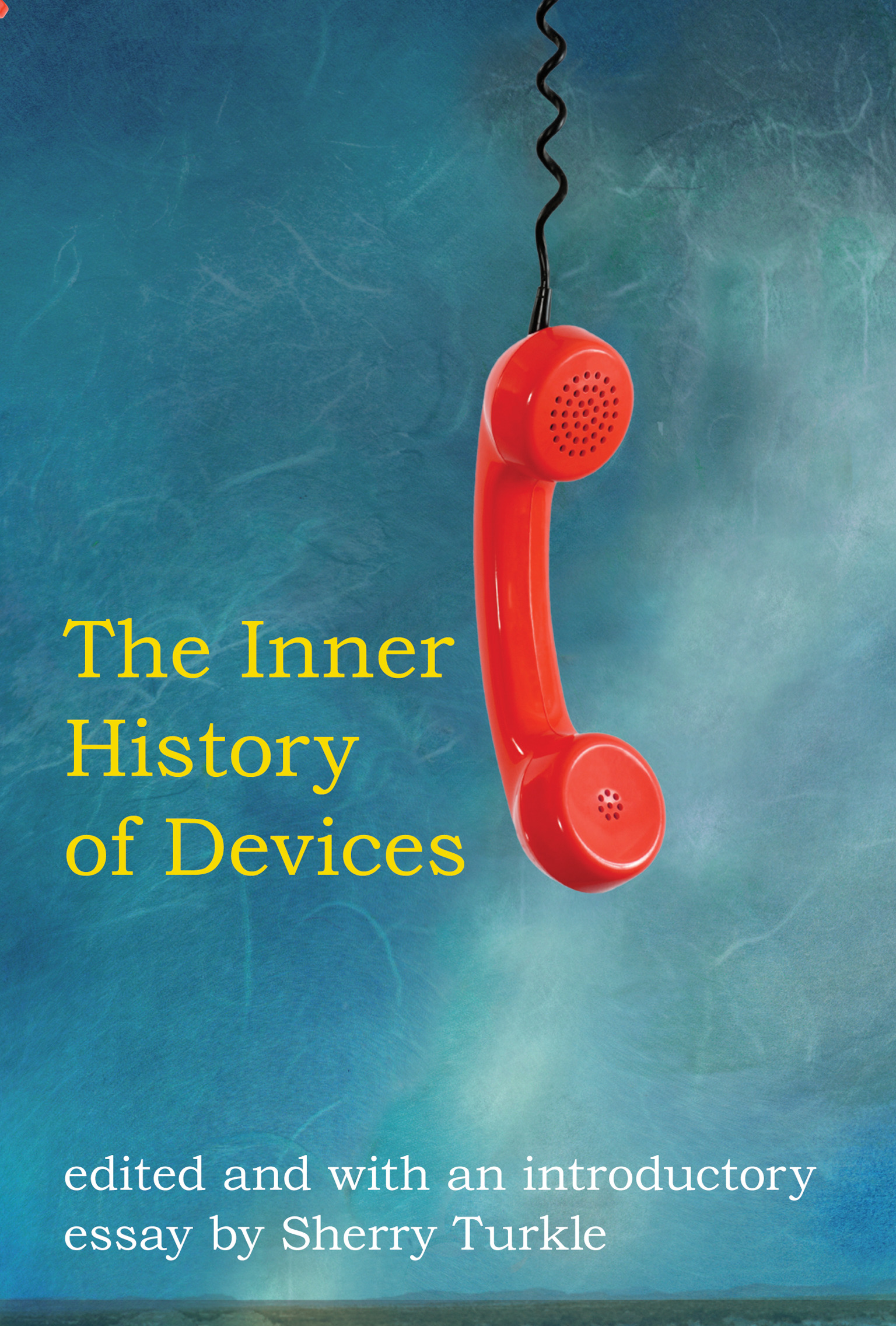
The Inner History of Devices Memoir, clinical writings, and ethnography inform new perspectives on the experience of technology; personal stories illuminate how technology enters the inner life. For more than two decades, in such landmark studies as The Second Self and Life on the Screen, Sherry Turkle has challenged our collective imagination with her insights about how technology enters our private worlds. In The Inner History of Devices, she describes her process, an approach that reveals how what we make is woven into our ways of seeing ourselves. She brings together three traditions of listening—that of the memoirist, the clinician, and the ethnographer. Each informs the others to compose an inner history of devices. We read about objects ranging from cell phones and video poker to prosthetic eyes, from Web sites and television to dialysis machines. In an introductory essay, Turkle makes the case for an “intimate ethnography” that challenges conventional wisdom. One personal computer owner tells Turkle: “This computer means everything to me. It's where I put my hope.” Turkle explains that she began that conversation thinking she would learn how people put computers to work. By its end, her question has changed: “What was there about personal computers that offered such deep connection? What did a computer have that offered hope?” The Inner History of Devices teaches us to listen for the answer. In the memoirs, ethnographies, and clinical cases collected in this volume, we read about an American student who comes to terms with her conflicting identities as she contemplates a cell phone she used in Japan (“Tokyo sat trapped inside it”); a troubled patient who uses email both to criticize her therapist and to be reassured by her; a compulsive gambler who does not want to win steadily at video poker because a pattern of losing and winning keeps her more connected to the body of the machine. In these writings, we hear untold stories. We learn that received wisdom never goes far enough. TECHNOLOGY & ENGINEERING,Social Aspects
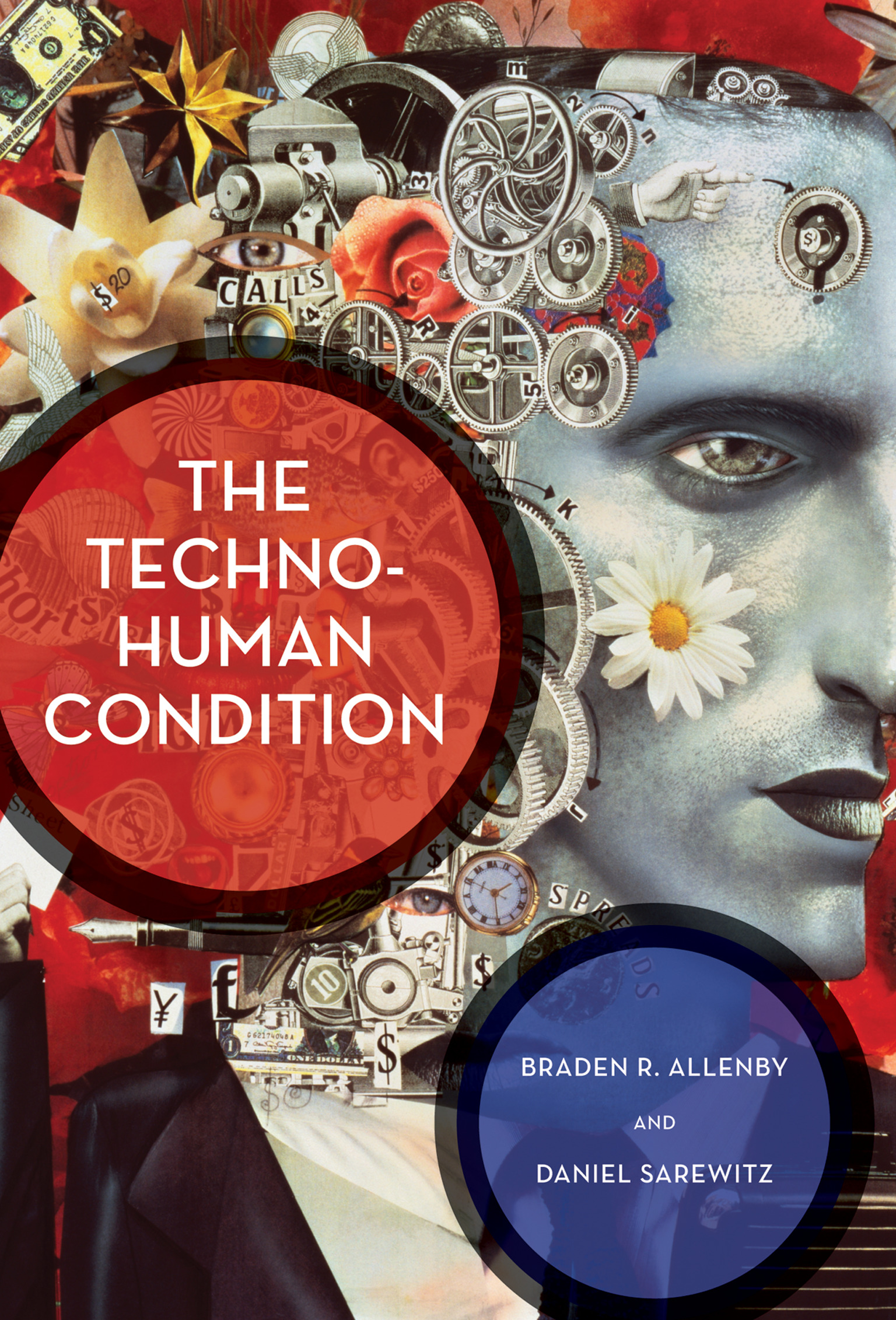
The Techno-Human Condition A provocative analysis of what it means to be human in an era of incomprehensible technological complexity and change. In The Techno-Human Condition, Braden Allenby and Daniel Sarewitz explore what it means to be human in an era of incomprehensible technological complexity and change. They argue that if we are to have any prospect of managing that complexity, we will need to escape the shackles of current assumptions about rationality, progress, and certainty, even as we maintain a commitment to fundamental human values.Humans have been co-evolving with their technologies since the dawn of prehistory. What is different now is that we have moved beyond external technological interventions to transform ourselves from the inside out—even as we also remake the Earth system itself. Coping with this new reality, say Allenby and Sarewitz, means liberating ourselves from such categories as “human,” “technological,” and “natural” to embrace a new techno-human relationship. Contributors Boris Barbour, Mario Biagioli, Paul S. Brookes, Finn Brunton, Alex Csiszar, Alessandro Delfanti, Emmanuel Didier, Sarah de Rijcke, Daniele Fanelli, Yves Gingras, James R. Griesemer, Catherine Guaspare, Marie-Andrée Jacob, Barbara M. Kehm, Cyril Labbé, Jennifer Lin, Alexandra Lippman, Burkhard Morganstern, Ivan Oransky, Michael Power, Sergio Sismondo, Brandon Stell, Tereza Stöckelová, Elizabeth Wager, Paul Wouters TECHNOLOGY & ENGINEERING,Social Aspects

The Digital Rights Movement The evolution of activism against the expansion of copyright in the digital domain, with case studies of resistance including eBook and iTunes hacks. The movement against restrictive digital copyright protection arose largely in response to the excesses of the Digital Millennium Copyright Act (DMCA) of 1998. In The Digital Rights Movement, Hector Postigo shows that what began as an assertion of consumer rights to digital content has become something broader: a movement concerned not just with consumers and gadgets but with cultural ownership. Increasingly stringent laws and technological measures are more than incoveniences; they lock up access to our “cultural commons.” Postigo describes the legislative history of the DMCA and how policy “blind spots” produced a law at odds with existing and emerging consumer practices. Yet the DMCA established a political and legal rationale brought to bear on digital media, the Internet, and other new technologies. Drawing on social movement theory and science and technology studies, Postigo presents case studies of resistance to increased control over digital media, describing a host of tactics that range from hacking to lobbying. Postigo discusses the movement's new, user-centered conception of “fair use” that seeks to legitimize noncommercial personal and creative uses such as copying legitimately purchased content and remixing music and video tracks. He introduces the concept of technological resistance—when hackers and users design and deploy technologies that allows access to digital content despite technological protection mechanisms—as the flip side to the technological enforcement represented by digital copy protection and a crucial tactic for the movement. TECHNOLOGY & ENGINEERING,Social Aspects
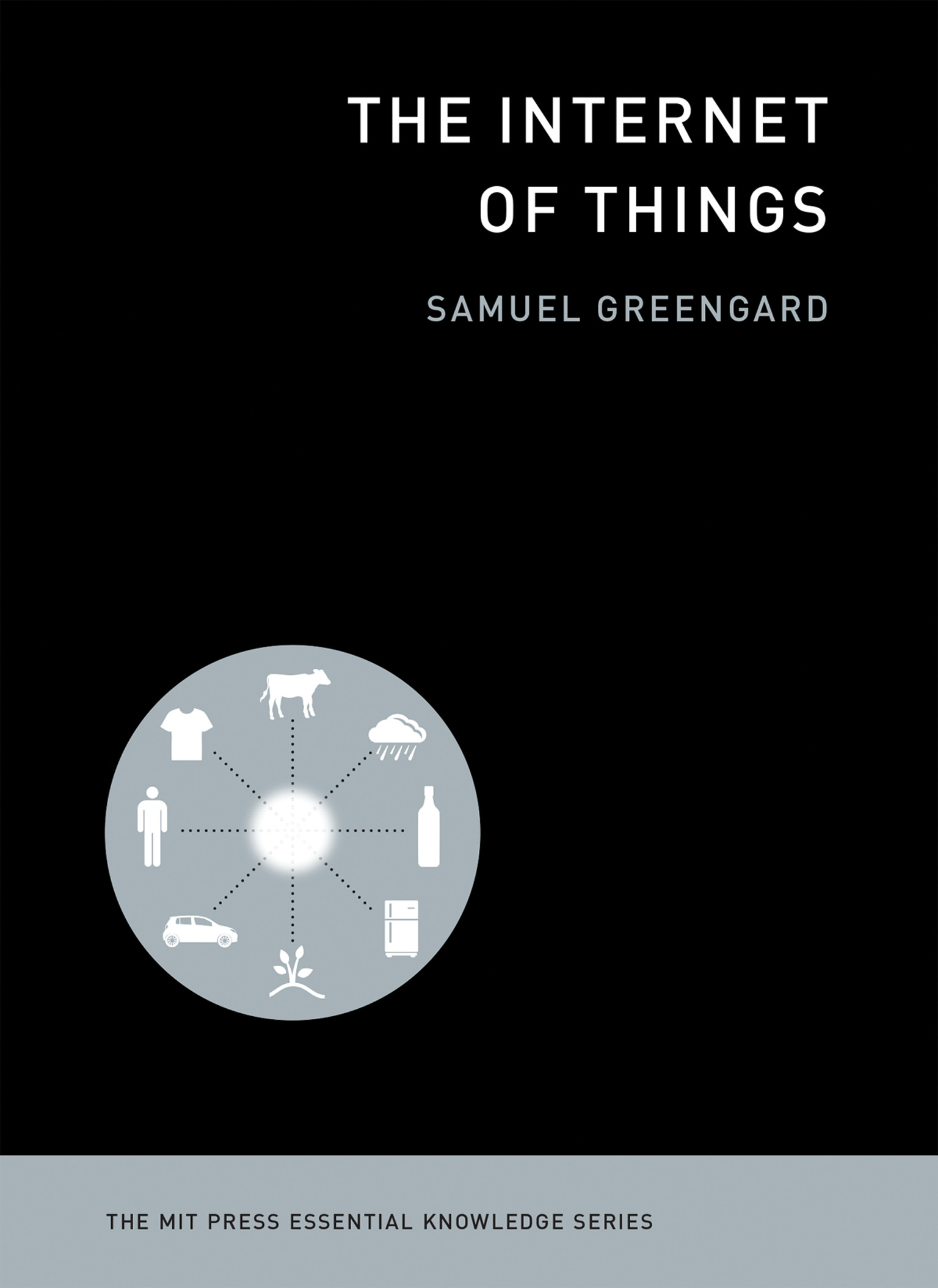
The Internet of Things A guided tour through the Internet of Things, a networked world of connected devices, objects, and people that is changing the way we live and work. We turn on the lights in our house from a desk in an office miles away. Our refrigerator alerts us to buy milk on the way home. A package of cookies on the supermarket shelf suggests that we buy it, based on past purchases. The cookies themselves are on the shelf because of a “smart” supply chain. When we get home, the thermostat has already adjusted the temperature so that it's toasty or bracing, whichever we prefer. This is the Internet of Things—a networked world of connected devices, objects, and people. In this book, Samuel Greengard offers a guided tour through this emerging world and how it will change the way we live and work. Greengard explains that the Internet of Things (IoT) is still in its early stages. Smart phones, cloud computing, RFID (radio-frequency identification) technology, sensors, and miniaturization are converging to make possible a new generation of embedded and immersive technology. Greengard traces the origins of the IoT from the early days of personal computers and the Internet and examines how it creates the conceptual and practical framework for a connected world. He explores the industrial Internet and machine-to-machine communication, the basis for smart manufacturing and end-to-end supply chain visibility; the growing array of smart consumer devices and services—from Fitbit fitness wristbands to mobile apps for banking; the practical and technical challenges of building the IoT; and the risks of a connected world, including a widening digital divide and threats to privacy and security. Finally, he considers the long-term impact of the IoT on society, narrating an eye-opening “Day in the Life” of IoT connections circa 2025. TECHNOLOGY & ENGINEERING,Social Aspects

Entanglements Conversations with a founder of the influential Social Construction of Technology (SCOT) approach in science and technology studies offer an introduction to the field. Science and technology studies (STS) is a relatively young but influential field. Scholars from disciplines as diverse as urban studies, mobility studies, media studies, and body culture studies are engaging in a systematic dialogue with STS, seeking to enrich their own investigations. Within STS, the Social Construction of Technology (SCOT) theory has proved to be one of the most influential in its neighboring fields. Yet the literature has grown so large so quickly, it is difficult to get an overview of SCOT. In this book, conversations with Trevor Pinch, a founder of SCOT, offer an introduction and genealogy for the field. Pinch was there at the creation—as coauthor of the groundbreaking 1984 article that launched SCOT—and has remained active through subsequent developments. Engaging and conversational, Pinch charts SCOT's important milestones. The book describes how Pinch and Wiebe Bijker adapted the “empirical program of relativism,” developed by the Bath School to study the social construction of scientific facts, to apply to the social construction of artifacts. Entanglements addresses five issues in depth: relevant social groups, and SCOT's focus on groups of users; the intertwining of social representation and practices; the importance of tacit knowledge in SCOT's approach to the nonrepresentational; the controversy over nonhuman agency; and the political implications of SCOT. TECHNOLOGY & ENGINEERING,Social Aspects

We Now Disrupt This Broadcast The collision of new technologies, changing business strategies, and innovative storytelling that produced a new golden age of TV. Cable television channels were once the backwater of American television, programming recent and not-so-recent movies and reruns of network shows. Then came La Femme Nikita, OZ, The Sopranos, Mad Men, Game of Thrones, and The Walking Dead. And then, just as “prestige cable” became a category, came House of Cards and Netflix, Hulu, Amazon Video, and other Internet distributors of television content. What happened? In We Now Disrupt This Broadcast, Amanda Lotz chronicles the collision of new technologies, changing business strategies, and innovative storytelling that produced an era termed “peak TV.” Lotz explains that changes in the business of television expanded the creative possibilities of television. She describes the costly infrastructure rebuilding undertaken by cable service providers in the late 1990s and the struggles of cable channels to produce (and pay for) original, scripted programming in order to stand out from the competition. These new programs defied television conventions and made viewers adjust their expectations of what television could be. Le Femme Nikita offered cable's first antihero, Mad Men cost more than advertisers paid, The Walking Dead became the first mass cable hit, and Game of Thrones was the first global television blockbuster. Internet streaming didn't kill cable, Lotz tells us. Rather, it revolutionized how we watch television. Cable and network television quickly established their own streaming portals. Meanwhile, cable service providers had quietly transformed themselves into Internet providers, able to profit from both prestige cable and streaming services. Far from being dead, television continues to transform. TECHNOLOGY & ENGINEERING,Social Aspects
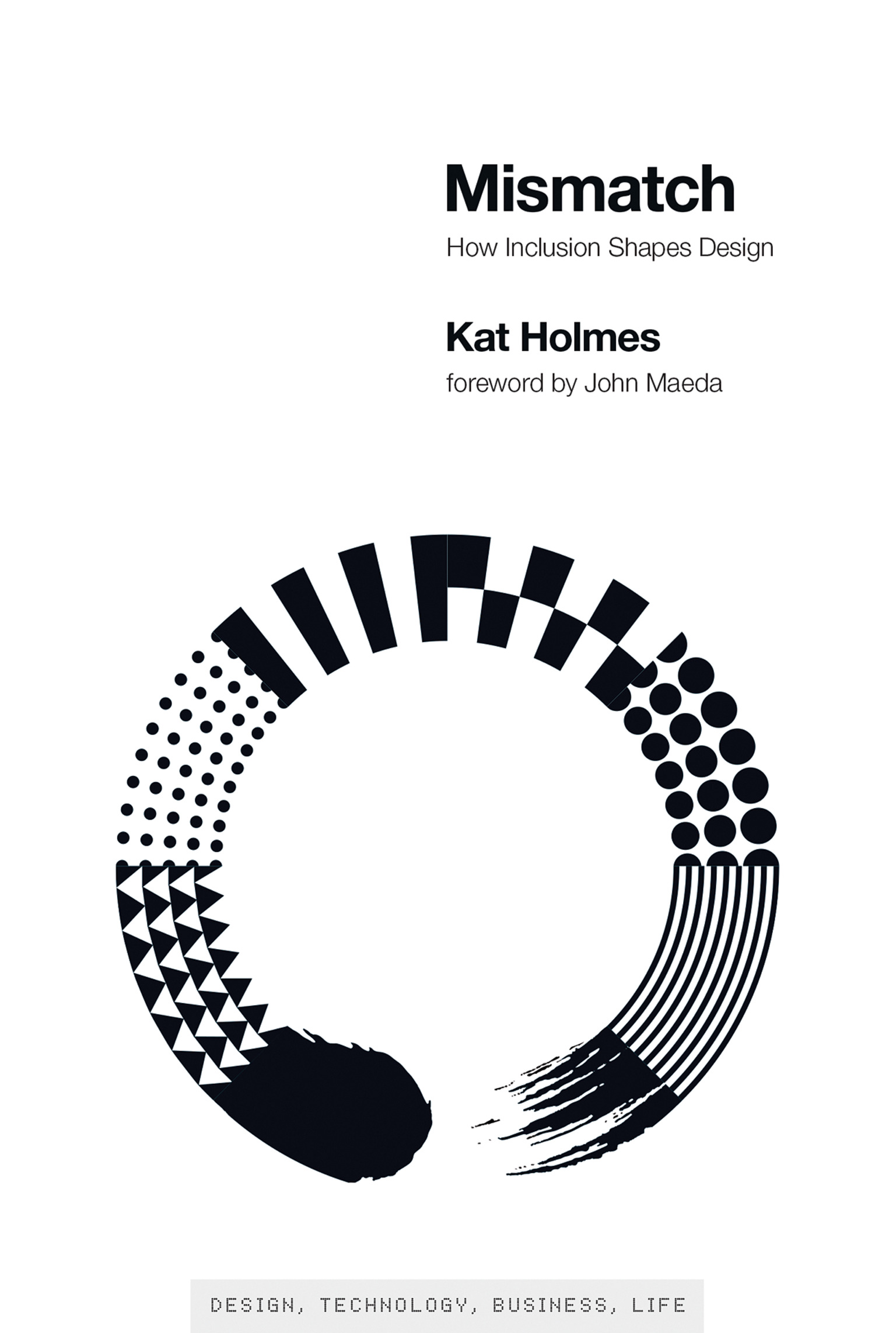
Mismatch How inclusive methods can build elegant design solutions that work for all. Sometimes designed objects reject their users: a computer mouse that doesn't work for left-handed people, for example, or a touchscreen payment system that only works for people who read English phrases, have 20/20 vision, and use a credit card. Something as simple as color choices can render a product unusable for millions. These mismatches are the building blocks of exclusion. In Mismatch, Kat Holmes describes how design can lead to exclusion, and how design can also remedy exclusion. Inclusive design methods—designing objects with rather than for excluded users—can create elegant solutions that work well and benefit all. Holmes tells stories of pioneers of inclusive design, many of whom were drawn to work on inclusion because of their own experiences of exclusion. A gamer and designer who depends on voice recognition shows Holmes his “Wall of Exclusion,” which displays dozens of game controllers that require two hands to operate; an architect shares her firsthand knowledge of how design can fail communities, gleaned from growing up in Detroit's housing projects; an astronomer who began to lose her eyesight adapts a technique called “sonification” so she can “listen” to the stars. Designing for inclusion is not a feel-good sideline. Holmes shows how inclusion can be a source of innovation and growth, especially for digital technologies. It can be a catalyst for creativity and a boost for the bottom line as a customer base expands. And each time we remedy a mismatched interaction, we create an opportunity for more people to contribute to society in meaningful ways. TECHNOLOGY & ENGINEERING,Social Aspects
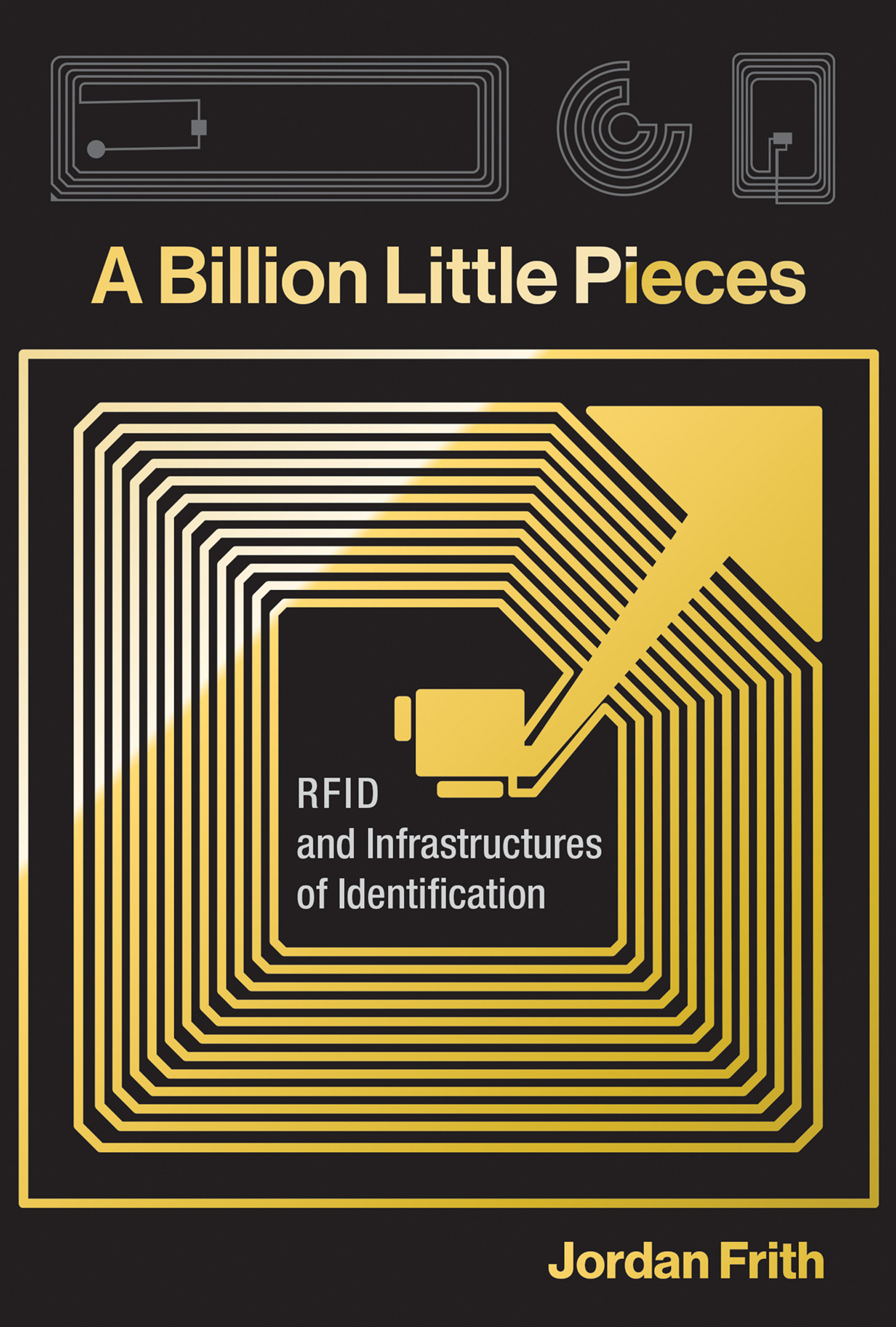
A Billion Little Pieces How RFID, a ubiquitous but often invisible mobile technology, identifies tens of billions of objects as they move through the world. RFID (Radio Frequency Identification) is ubiquitous but often invisible, a mobile technology used by more people more often than any flashy smartphone app. RFID systems use radio waves to communicate identifying information, transmitting data from a tag that carries data to a reader that accesses the data. RFID tags can be found in credit cards, passports, key fobs, car windshields, subway passes, consumer electronics, tunnel walls, and even human and animal bodies—identifying tens of billions of objects as they move through the world. In this book, Jordan Frith looks at RFID technology and its social impact, bringing into focus a technology that was designed not to be noticed. RFID, with its ability to collect unique information about almost any material object, has been hyped as the most important identification technology since the bar code, the linchpin of the Internet of Things—and also seen (by some evangelical Christians) as a harbinger of the end times. Frith views RFID as an infrastructure of identification that simultaneously functions as an infrastructure of communication. He uses RFID to examine such larger issues as big data, privacy, and surveillance, giving specificity to debates about societal trends. Frith describes how RFID can monitor hand washing in hospitals, change supply chain logistics, communicate wine vintages, and identify rescued pets. He offers an accessible explanation of the technology, looks at privacy concerns, and pushes back against alarmist accounts that exaggerate RFID's capabilities. The increasingly granular practices of identification enabled by RFID and other identification technologies, Frith argues, have become essential to the working of contemporary networks, reshaping the ways we use information. TECHNOLOGY & ENGINEERING,Social Aspects

Between Reason and Experience A leading philosopher of technology calls for the democratic coordination of technical rationality with everyday experience. The technologies, markets, and administrations of today's knowledge society are in crisis. We face recurring disasters in every domain: climate change, energy shortages, economic meltdown. The system is broken, despite everything the technocrats claim to know about science, technology, and economics. These problems are exacerbated by the fact that today powerful technologies have unforeseen effects that disrupt everyday life; the new masters of technology are not restrained by the lessons of experience, and accelerate change to the point where society is in constant turmoil. In Between Reason and Experience, leading philosopher of technology Andrew Feenberg makes a case for the interdependence of reason—scientific knowledge, technical rationality—and experience. Feenberg examines different aspects of the tangled relationship between technology and society from the perspective of critical theory of technology, an approach he has pioneered over the past twenty years. Feenberg points to two examples of democratic interventions into technology: the Internet (in which user initiative has influenced design) and the environmental movement (in which science coordinates with protest and policy). He examines methodological applications of critical theory of technology to the case of the French Minitel computing network and to the relationship between national culture and technology in Japan. Finally, Feenberg considers the philosophies of technology of Heidegger, Habermas, Latour, and Marcuse. The gradual extension of democracy into the technical sphere, Feenberg argues, is one of the great political transformations of our time. TECHNOLOGY & ENGINEERING,Social Aspects
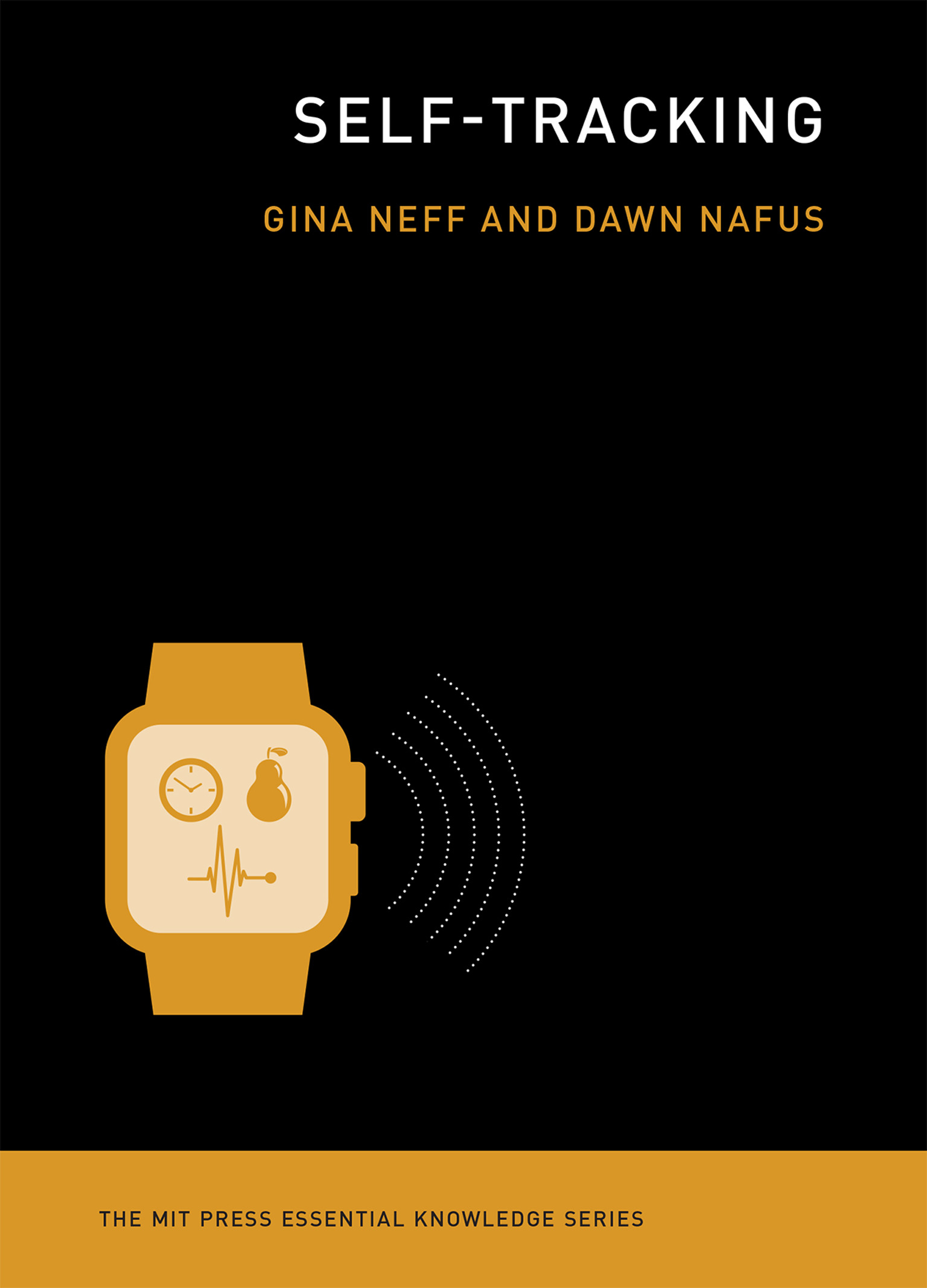
Self-Tracking What happens when people turn their everyday experience into data: an introduction to the essential ideas and key challenges of self-tracking. People keep track. In the eighteenth century, Benjamin Franklin kept charts of time spent and virtues lived up to. Today, people use technology to self-track: hours slept, steps taken, calories consumed, medications administered. Ninety million wearable sensors were shipped in 2014 to help us gather data about our lives. This book examines how people record, analyze, and reflect on this data, looking at the tools they use and the communities they become part of. Gina Neff and Dawn Nafus describe what happens when people turn their everyday experience—in particular, health and wellness-related experience—into data, and offer an introduction to the essential ideas and key challenges of using these technologies. They consider self-tracking as a social and cultural phenomenon, describing not only the use of data as a kind of mirror of the self but also how this enables people to connect to, and learn from, others. Neff and Nafus consider what's at stake: who wants our data and why; the practices of serious self-tracking enthusiasts; the design of commercial self-tracking technology; and how self-tracking can fill gaps in the healthcare system. Today, no one can lead an entirely untracked life. Neff and Nafus show us how to use data in a way that empowers and educates. TECHNOLOGY & ENGINEERING,Social Aspects

Energy at the End of the World Making local energy futures, from marine energy to hydrogen fuel, at the edge of the world. The islands of Orkney, off the northern coast of Scotland, are closer to the Arctic Circle than to London. Surrounded by fierce seas and shrouded by clouds and mist, the islands seem to mark the edge of the known world. And yet they are a center for energy technology innovation, from marine energy to hydrogen fuel networks, attracting the interest of venture capitalists and local communities. In this book, Laura Watts tells a story of making energy futures at the edge of the world. Orkney, Watts tells us, has been making technology for six thousand years, from arrowheads and stone circles to wave and tide energy prototypes. Artifacts and traces of all the ages—Stone, Bronze, Iron, Viking, Silicon—are visible everywhere. The islanders turned to energy innovation when forced to contend with an energy infrastructure they had outgrown. Today, Orkney is home to the European Marine Energy Centre, established in 2003. There are about forty open-sea marine energy test facilities in the world, many of which draw on Orkney expertise. The islands generate more renewable energy than they use, are growing hydrogen fuel and electric car networks, and have hundreds of locally owned micro wind turbines and a decade-old smart grid. Mixing storytelling and ethnography, empiricism and lyricism, Watts tells an Orkney energy saga—an account of how the islands are creating their own low-carbon future in the face of the seemingly impossible. The Orkney Islands, Watts shows, are playing a long game, making energy futures for another six thousand years. TECHNOLOGY & ENGINEERING,Social Aspects
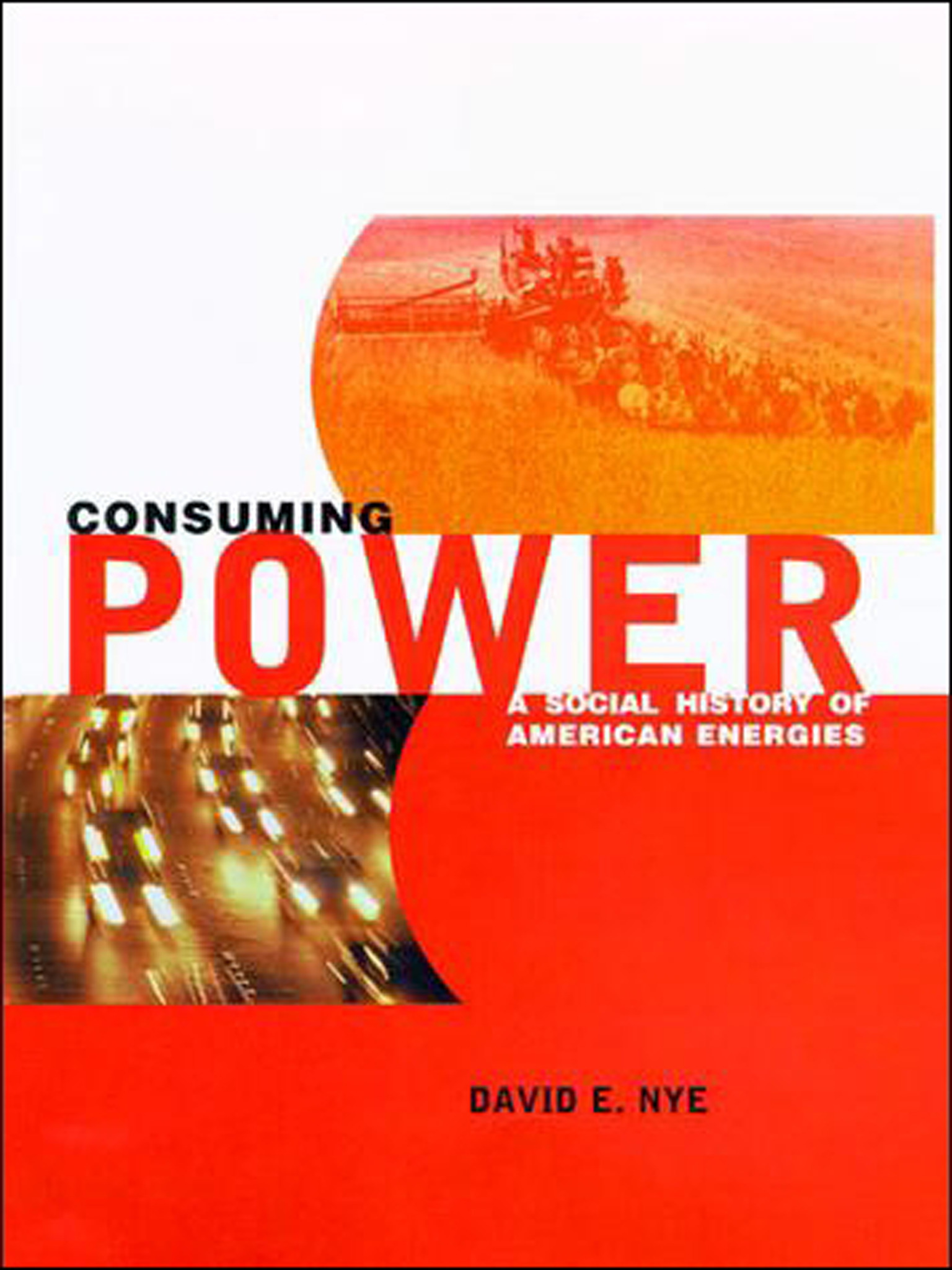
Consuming Power Nye uses energy as a touchstone to examine the lives of ordinary people engaged in normal activities. How did the United States become the world's largest consumer of energy? David Nye shows that this is less a question about the development of technology than it is a question about the development of culture. In Consuming Power, Nye uses energy as a touchstone to examine the lives of ordinary people engaged in normal activities. He looks at how these activities changed as new energy systems were constructed, from colonial times to recent years. He also shows how, as Americans incorporated new machines and processes into their lives, they became ensnared in power systems that were not easily changed: they made choices about the conduct of their lives, and those choices accumulated to produce a consuming culture. Nye examines a sequence of large systems that acquired and then lost technological momentum over the course of American history, including water power, steam power, electricity, the internal-combustion engine, atomic power, and computerization. He shows how each system became part of a larger set of social constructions through its links to the home, the factory, and the city. The result is a social history of America as seen through the lens of energy consumption. TECHNOLOGY & ENGINEERING,Social Aspects
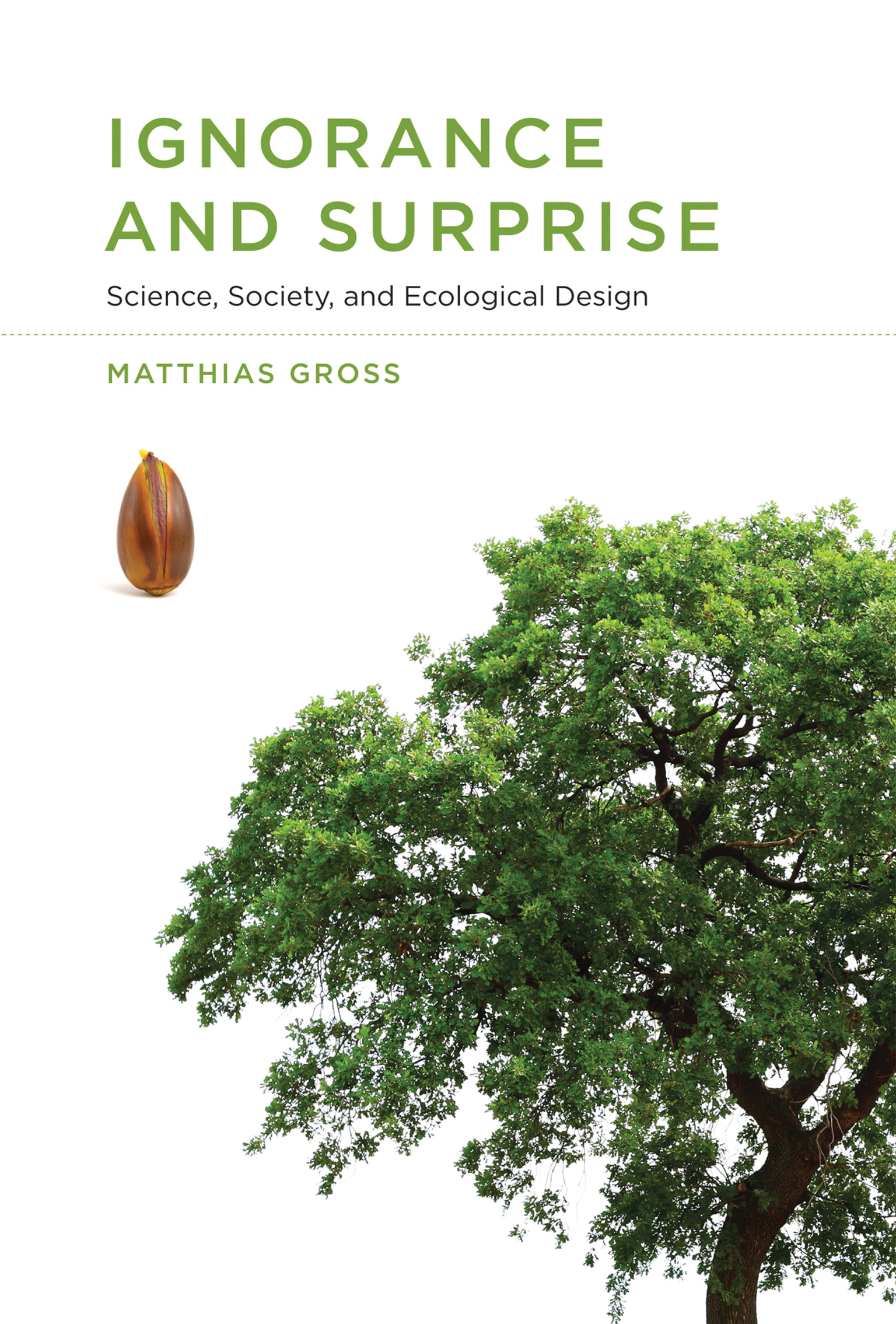
Ignorance and Surprise The relationship between ignorance and surprise and a conceptual framework for dealing with the unexpected, as seen in ecological design projects. Ignorance and surprise belong together: surprises can make people aware of their own ignorance. And yet, perhaps paradoxically, a surprising event in scientific research—one that defies prediction or risk assessment—is often a window to new and unexpected knowledge. In this book, Matthias Gross examines the relationship between ignorance and surprise, proposing a conceptual framework for handling the unexpected and offering case studies of ecological design that demonstrate the advantages of allowing for surprises and including ignorance in the design and negotiation processes. Gross draws on classical and contemporary sociological accounts of ignorance and surprise in science and ecology and integrates these with the idea of experiment in society. He develops a notion of how unexpected occurrences can be incorporated into a model of scientific and technological development that includes the experimental handling of surprises. Gross discusses different projects in ecological design, including Chicago's restoration of the shoreline of Lake Michigan and Germany's revitalization of brownfields near Leipzig. These cases show how ignorance and surprise can successfully play out in ecological design projects, and how the acknowledgment of the unknown can become a part of decision making. The appropriation of surprises can lead to robust design strategies. Ecological design, Gross argues, is neither a linear process of master planning nor a process of trial and error but a carefully coordinated process of dealing with unexpected turns by means of experimental practice. TECHNOLOGY & ENGINEERING,Social Aspects

Arguments that Count How differing assessments of risk by physicists and computer scientists have influenced public debate over nuclear defense. In a rapidly changing world, we rely upon experts to assess the promise and risks of new technology. But how do these experts make sense of a highly uncertain future? In Arguments that Count, Rebecca Slayton offers an important new perspective. Drawing on new historical documents and interviews as well as perspectives in science and technology studies, she provides an original account of how scientists came to terms with the unprecedented threat of nuclear-armed intercontinental ballistic missiles (ICBMs). She compares how two different professional communities—physicists and computer scientists—constructed arguments about the risks of missile defense, and how these arguments changed over time. Slayton shows that our understanding of technological risks is shaped by disciplinary repertoires—the codified knowledge and mathematical rules that experts use to frame new challenges. And, significantly, a new repertoire can bring long-neglected risks into clear view. In the 1950s, scientists recognized that high-speed computers would be needed to cope with the unprecedented speed of ICBMs. But the nation's elite science advisors had no way to analyze the risks of computers so used physics to assess what they could: radar and missile performance. Only decades later, after establishing computing as a science, were advisors able to analyze authoritatively the risks associated with complex software—most notably, the risk of a catastrophic failure. As we continue to confront new threats, including that of cyber attack, Slayton offers valuable insight into how different kinds of expertise can limit or expand our capacity to address novel technological risks. TECHNOLOGY & ENGINEERING,Social Aspects
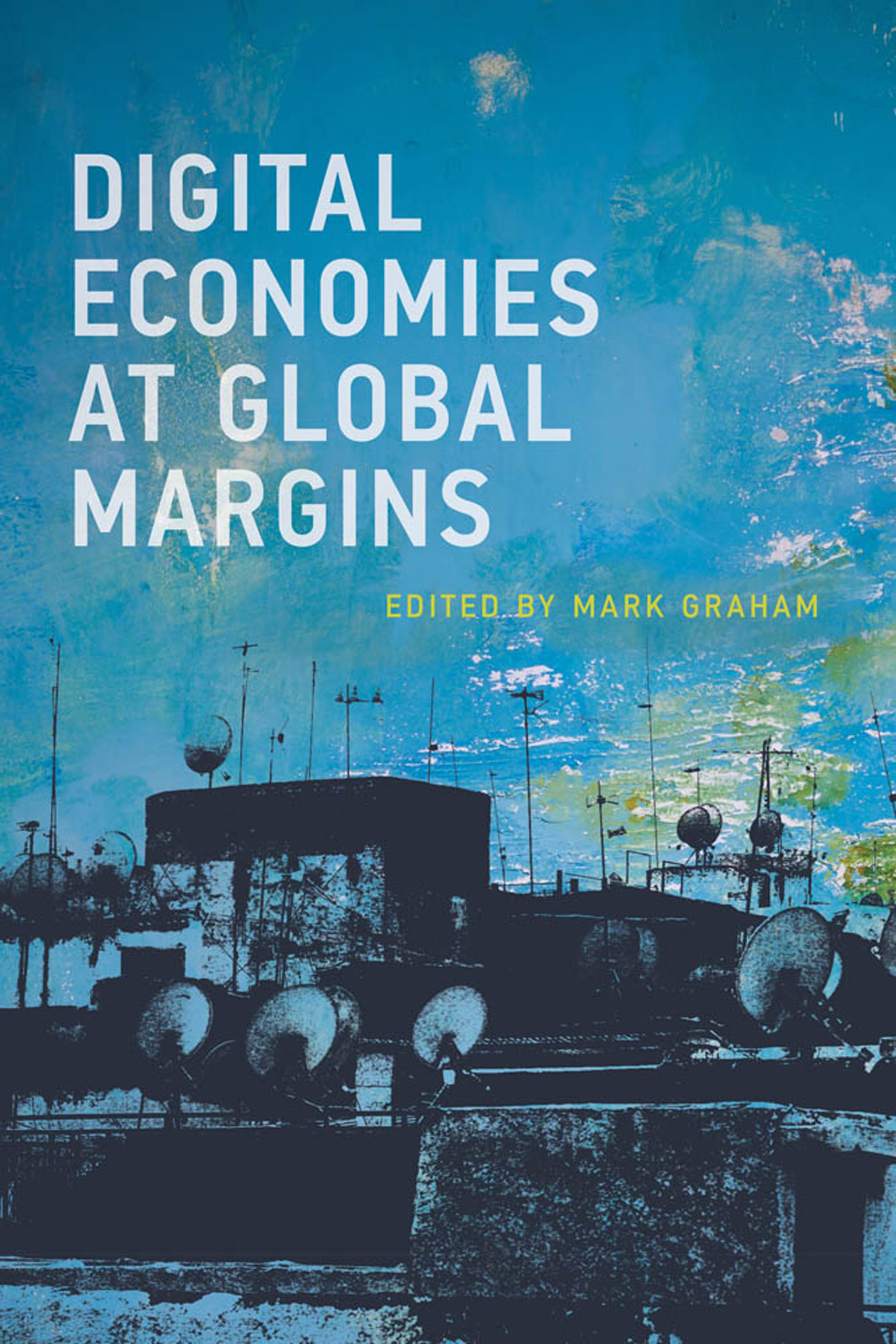
Digital Economies at Global Margins Investigations of what increasing digital connectivity and the digitalization of the economy mean for people and places at the world's economic margins. Within the last decade, more than one billion people became new Internet users. Once, digital connectivity was confined to economically prosperous parts of the world; now Internet users make up a majority of the world's population. In this book, contributors from a range of disciplines and locations investigate the impact of increased digital connectivity on people and places at the world's economic margins. Does the advent of a digitalized economy mean that those in economic peripheries can transcend spatial, organizational, social, and political constraints—or do digital tools and techniques tend to reinforce existing inequalities? The contributors present a diverse set of case studies, reporting on digitalization in countries ranging from Chile to Kenya to the Philippines, and develop a broad range of theoretical positions. They consider, among other things, data-driven disintermediation, women's economic empowerment and gendered power relations, digital humanitarianism and philanthropic capitalism, the spread of innovation hubs, and two cases of the reversal of core and periphery in digital innovation. Contributors Niels Beerepoot, Ryan Burns, Jenna Burrell, Julie Yujie Chen, Peter Dannenberg, Uwe Deichmann, Jonathan Donner, Christopher Foster, Mark Graham, Nicolas Friederici, Hernan Galperin, Catrihel Greppi, Anita Gurumurthy, Isis Hjorth, Lilly Irani, Molly Jackman, Calestous Juma, Dorothea Kleine, Madlen Krone, Vili Lehdonvirta, Chris Locke, Silvia Masiero, Hannah McCarrick,Deepak K. Mishra, Bitange Ndemo, Jorien Oprins, Elisa Oreglia, Stefan Ouma, Robert Pepper, Jack Linchuan Qiu, Julian Stenmanns, Tim Unwin, Julia Verne, Timothy Waema TECHNOLOGY & ENGINEERING,Social Aspects
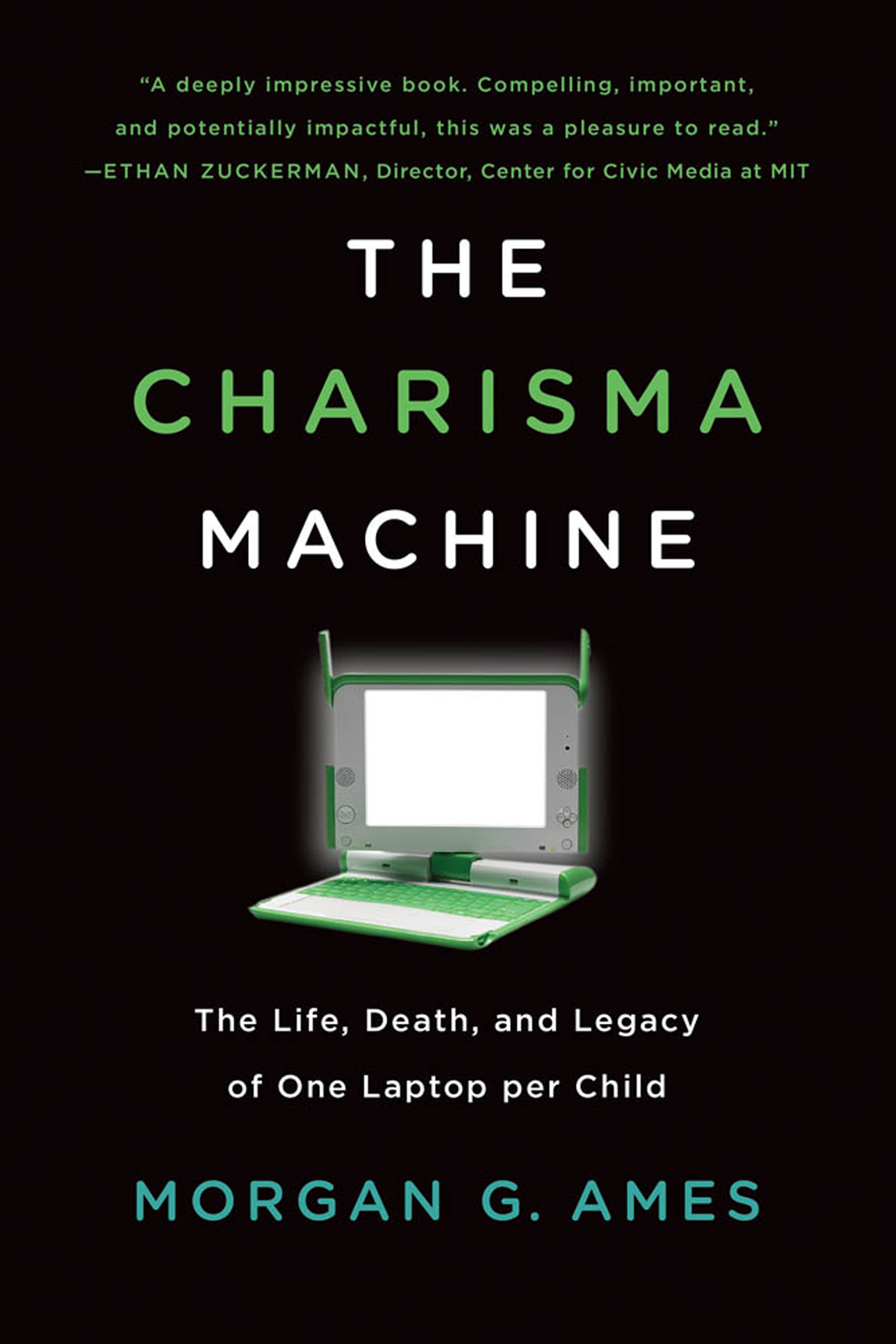
The Charisma Machine A fascinating examination of technological utopianism and its complicated consequences. In The Charisma Machine, Morgan Ames chronicles the life and legacy of the One Laptop per Child project and explains why—despite its failures—the same utopian visions that inspired OLPC still motivate other projects trying to use technology to “disrupt” education and development. Announced in 2005 by MIT Media Lab cofounder Nicholas Negroponte, One Laptop per Child promised to transform the lives of children across the Global South with a small, sturdy, and cheap laptop computer, powered by a hand crank. In reality, the project fell short in many ways—starting with the hand crank, which never materialized. Yet the project remained charismatic to many who were captivated by its claims of access to educational opportunities previously out of reach. Behind its promises, OLPC, like many technology projects that make similarly grand claims, had a fundamentally flawed vision of who the computer was made for and what role technology should play in learning. Drawing on fifty years of history and a seven-month study of a model OLPC project in Paraguay, Ames reveals that the laptops were not only frustrating to use, easy to break, and hard to repair, they were designed for “technically precocious boys”—idealized younger versions of the developers themselves—rather than the children who were actually using them. The Charisma Machine offers a cautionary tale about the allure of technology hype and the problems that result when utopian dreams drive technology development. TECHNOLOGY & ENGINEERING,Social Aspects
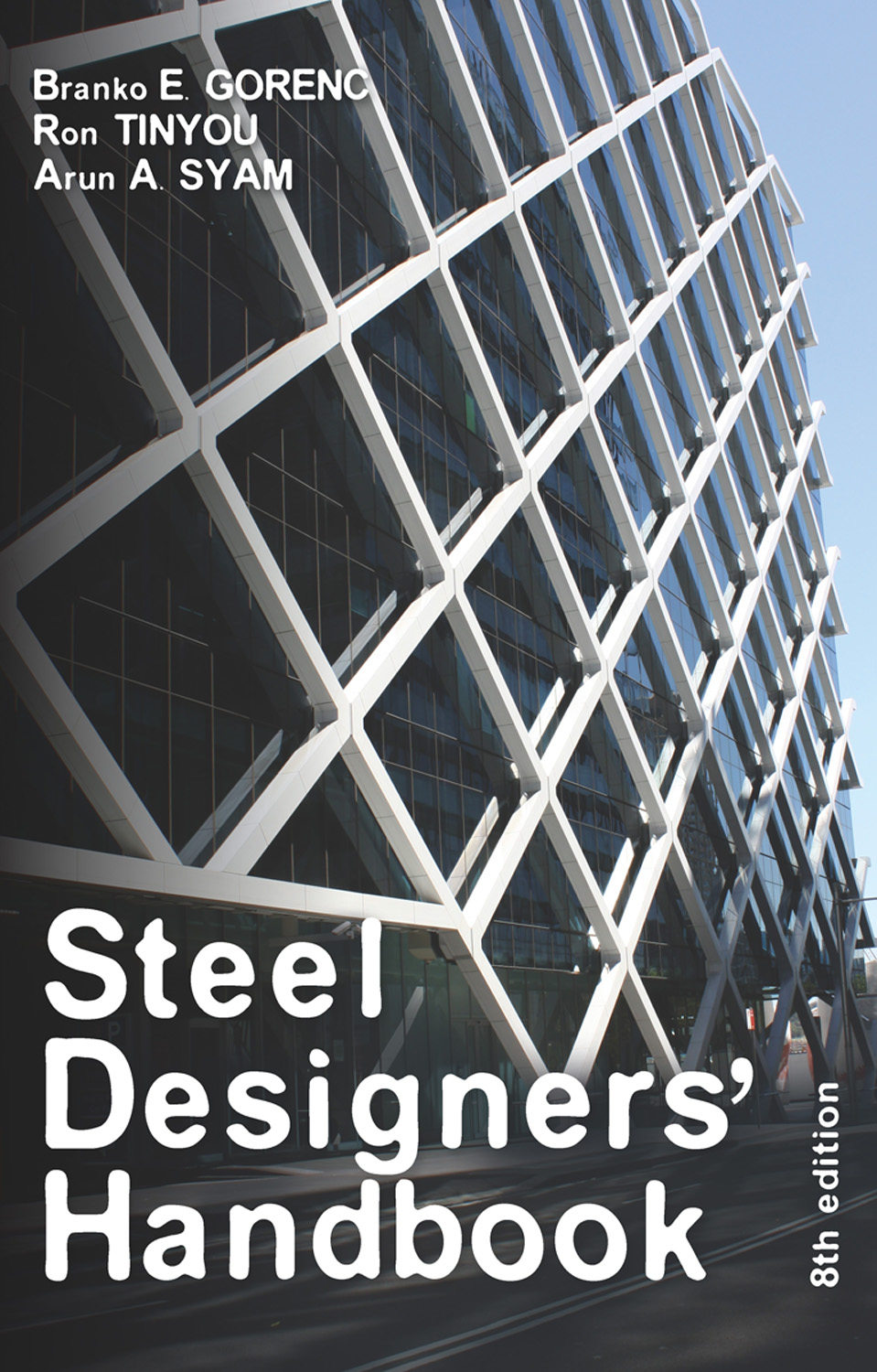
Steel Designers' Handbook Fully revised and updated, this eighth edition is an invaluable tool for all practicing structural, civil, and mechanical engineers as well as engineering students. Responding to changes in design and processing standards—including fabrication, welding, and coatings—this resource introduces the main concepts of designing steel structures; describes the limit states method of design; demonstrates the methods of calculating the design capacities of structural elements and connections; and illustrates the calculations by means of worked examples. Design aids and extensive references to external sources are also included. TECHNOLOGY & ENGINEERING,Structural

Principles of Structure Since its first publication in 1974, Principles of Structure has established itself at the forefront of introductory texts for students of architecture, building and project management seeking a basic understanding of the behavior and design of building structures. It provides a simple quantitative introduction to structural engineering, while also drawing connections to real buildings that are more complex. Retaining the style and format of earlier editions, this Fifth Edition brings the text and examples into alignment with international practice. It also features six new buildings from around the world, illustrating the principles described in the text. The book begins with a chapter explaining forces and their effects. Other chapters cover ties and struts, loadings, graphical statics, bracings, shears and moments, stresses, deflections, and beam design. There is also an appendix with a fuller explanation of fundamentals for readers unfamiliar with the basic concepts of geometry and statics. The book offers a unique format with right-hand pages containing text and left-hand pages containing complementary commentary including explanations and expansions of points made in the text and worked examples. This cross-referencing gives readers a range of perspectives and a deeper understanding of each topic. The simple mathematical approach and logical progression—along with the hints and suggestions, worked examples and problem sheets—give beginners straightforward access to elementary structural engineering. TECHNOLOGY & ENGINEERING,Structural
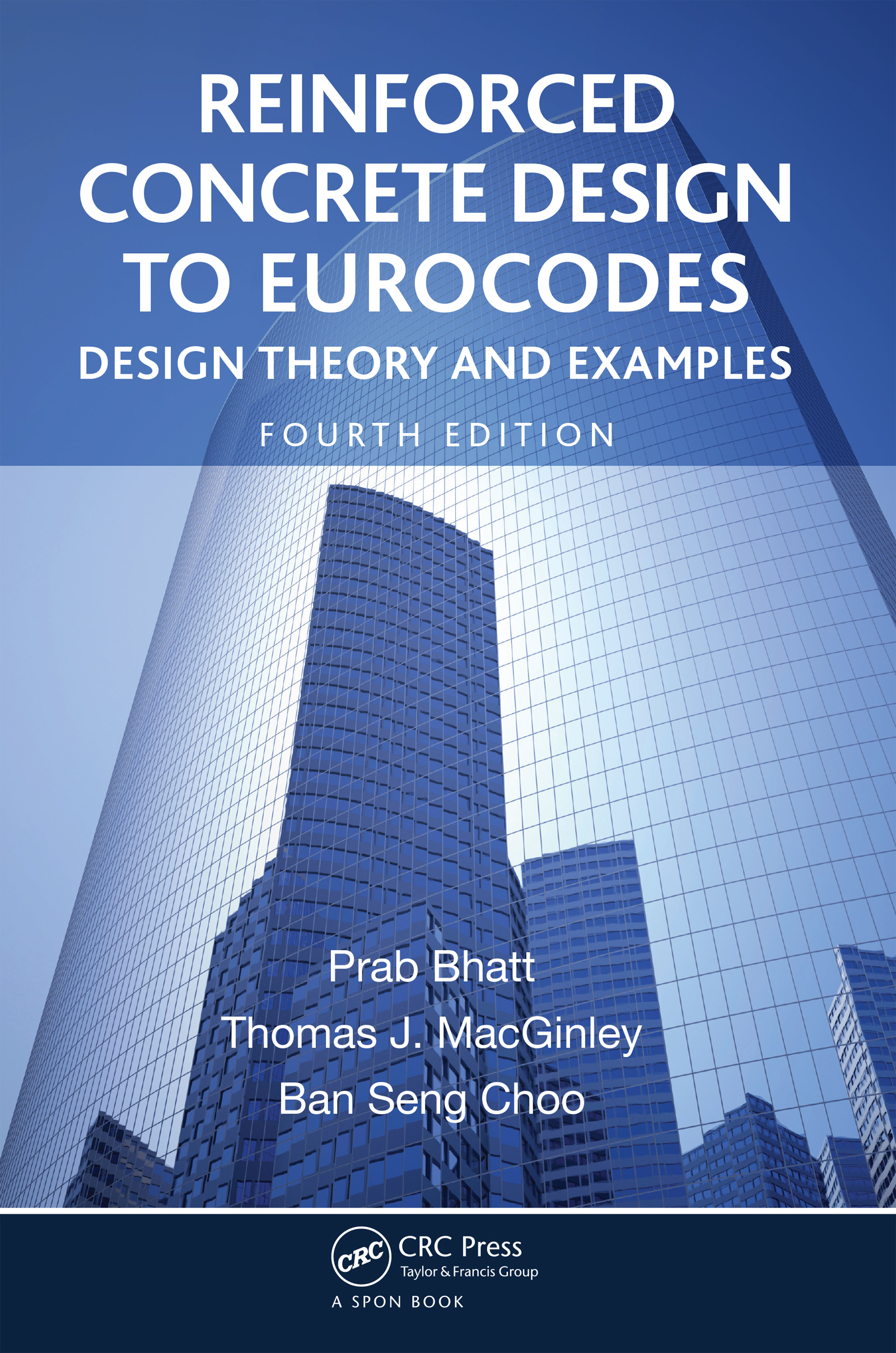
Reinforced Concrete Design to Eurocodes This established and popular textbook has now been extensively rewritten and expanded in line with the current Eurocodes. It presents the principles of the design of concrete elements and also the design of complete structures, and provides practical illustrations of the theory. It explains the background to the Eurocode rules and goes beyond the core topics to cover the design of foundations, retaining walls, water retaining structures. Reinforced Concrete Design to Eurocodes includes more than sixty worked out design examples and over six hundred diagrams, plans and charts. The chapters are fully revised to the Eurocodes and the most commonly encountered design problems in structural concrete are covered. It is written for students on civil engineering degree courses and undergraduate level and higher levels, and is also a useful reference for practising engineers. TECHNOLOGY & ENGINEERING,Structural
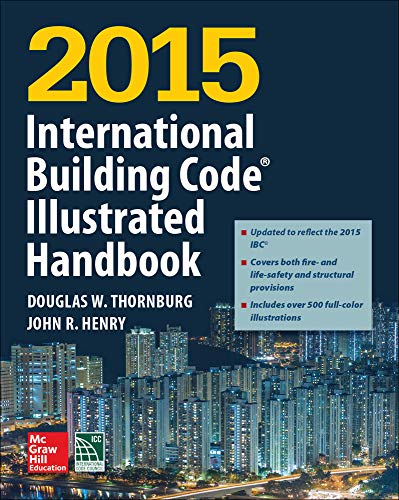
2015 International Building Code Illustrated Handbook An easy-to-use visual guide to the 2015 International Building Code® Thoroughly revised to reflect the International Code Council’s 2015 International Building Code®, this full-color guide makes it easy to understand and apply complex IBC® provisions and achieve compliance. With an emphasis on structural and fire- and life-safety requirements, this practical resource has been designed to save time and money. The 2015 International Building Code® Illustrated Handbook provides all the information you need to get construction jobs done right, on time, and up to the requirements of the 2015 IBC®. Access to a suite of online bonus features is included with the book.Achieve Full Compliance with the 2015 IBC®: Scope and Administration Definitions Use and Occupancy Classification Special Detailed Requirements Based on Use and Occupancy General Building Heights and Areas Types of Construction Fire and Smoke Protection Features Interior Finishes Fire Protection Systems Means of Egress Accessibility Interior Environment Exterior Walls Roof Assemblies and Rooftop Structures Structural Design Structural Tests and Special Inspections Soils and Foundations Concrete Masonry Steel Wood Glass and Glazing Gypsum Board and Plaster Plastic Plumbing Elevators and Conveying Systems Special Construction Encroachments in the Public Right-of-Way Safeguards During Construction Appendices TECHNOLOGY & ENGINEERING,Structural
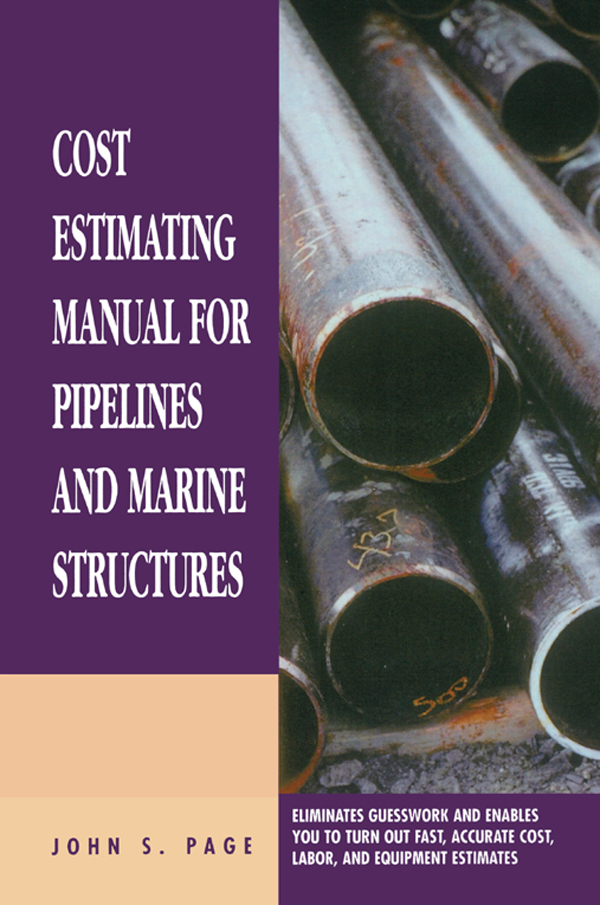
Cost Estimating Manual for Pipelines and Marine Structures From the Book - Preface: This manual has been compiled to provide time frames, labor crews and equipment spreads to assist the estimator in capsulizing an estimate for the installation of cross-country pipelines, marshland pipelines, nearshore and surf zone pipelines, submerged pipelines, wharfs, jetties, dock facilities, single-point morring terminals, offshore drilling and production platforms and equipment and appurtenances installed thereon. The time frames and labor and equipment spreads which appear throughout this manual are the result of many time and method studies conducted under varied conditions and at locations throughout the world; these time frames and labor and equipment spreads reflect a complete, unbiased view of all operations involved. When one is engaged in compiling an estimate from any information furnished by others, as is the case with this manual, he should view it in an objective light, giving due consideration to the nature of the project at hand and evaluating all items that may affect the productivity of labor and all other elements involved. TECHNOLOGY & ENGINEERING,Structural
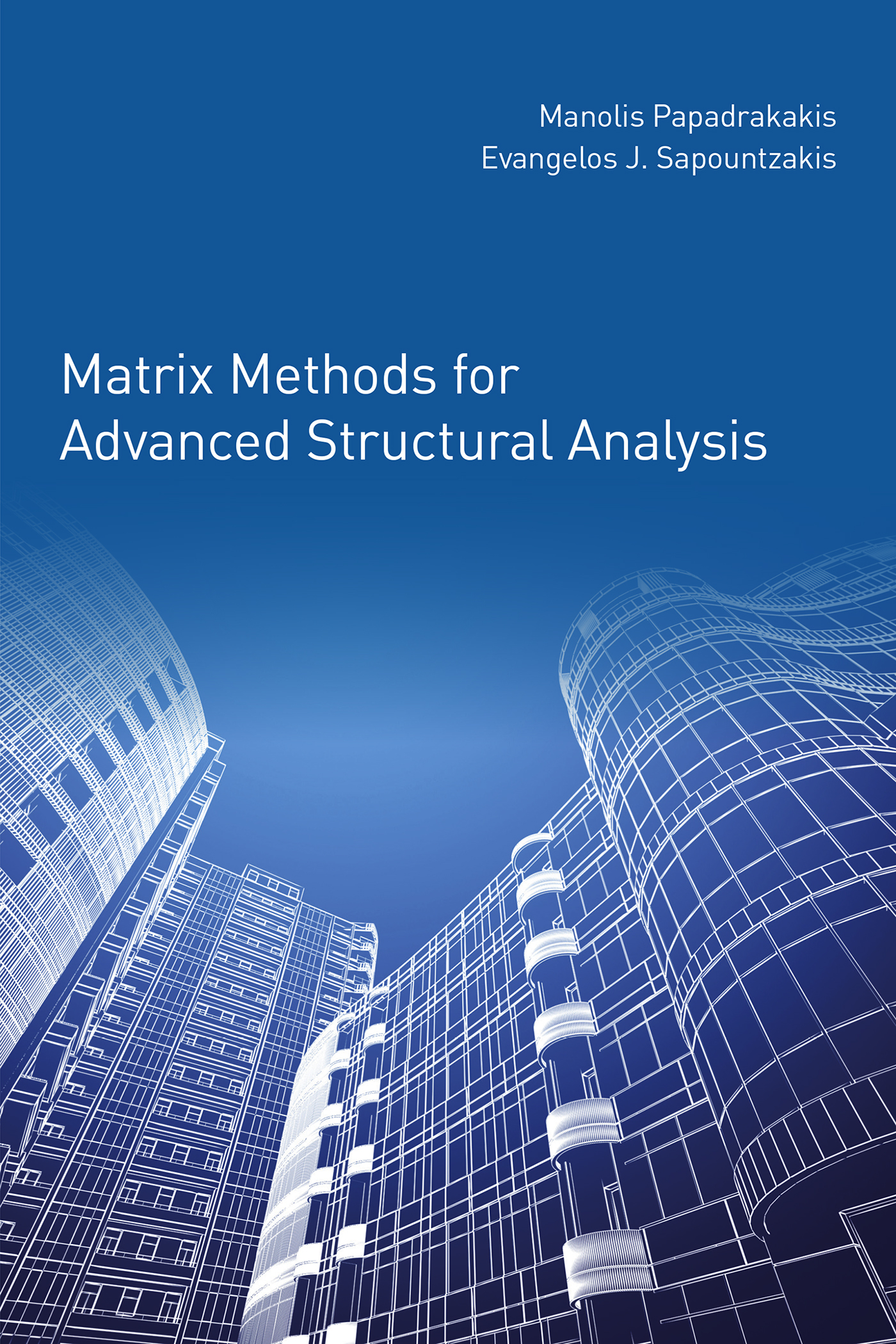
Matrix Methods for Advanced Structural Analysis Divided into 12 chapters, Matrix Methods for Advanced Structural Analysis begins with an introduction to the analysis of structures (fundamental concepts and basic steps of structural analysis, primary structural members and their modeling, brief historical overview of methods of static analysis, programming principles, and suggestions for the rational use of computer programs). This is followed by the principal steps of the Direct Stiffness Method including plane trusses, plane framed structures, space trusses, and space framed structures. The case of plane or space framed structure, including possible rigid elements at their beam ends (rigid joints) is discussed in detail. Other topics discussed in this reference include the procedure for analyzing beams with internal releases (partial connection of beam elements) and elastic hinges, as well as the alternative handling of internal releases by modifying the element stiffness matrix. Furthermore, the Method of Substructures is demonstrated for the solution of large-scale models in terms of the associated number of degrees of freedom. The principal steps of the Direct Stiffness Method are presented for plane and space trusses, as well as plane and space framed structures The handling of beams with internal releases and elastic hinges The method of substructures for large-scale structures A computer code (basic steps and source files) based on MATLAB® software for the analysis of beam-like structures TECHNOLOGY & ENGINEERING,Structural
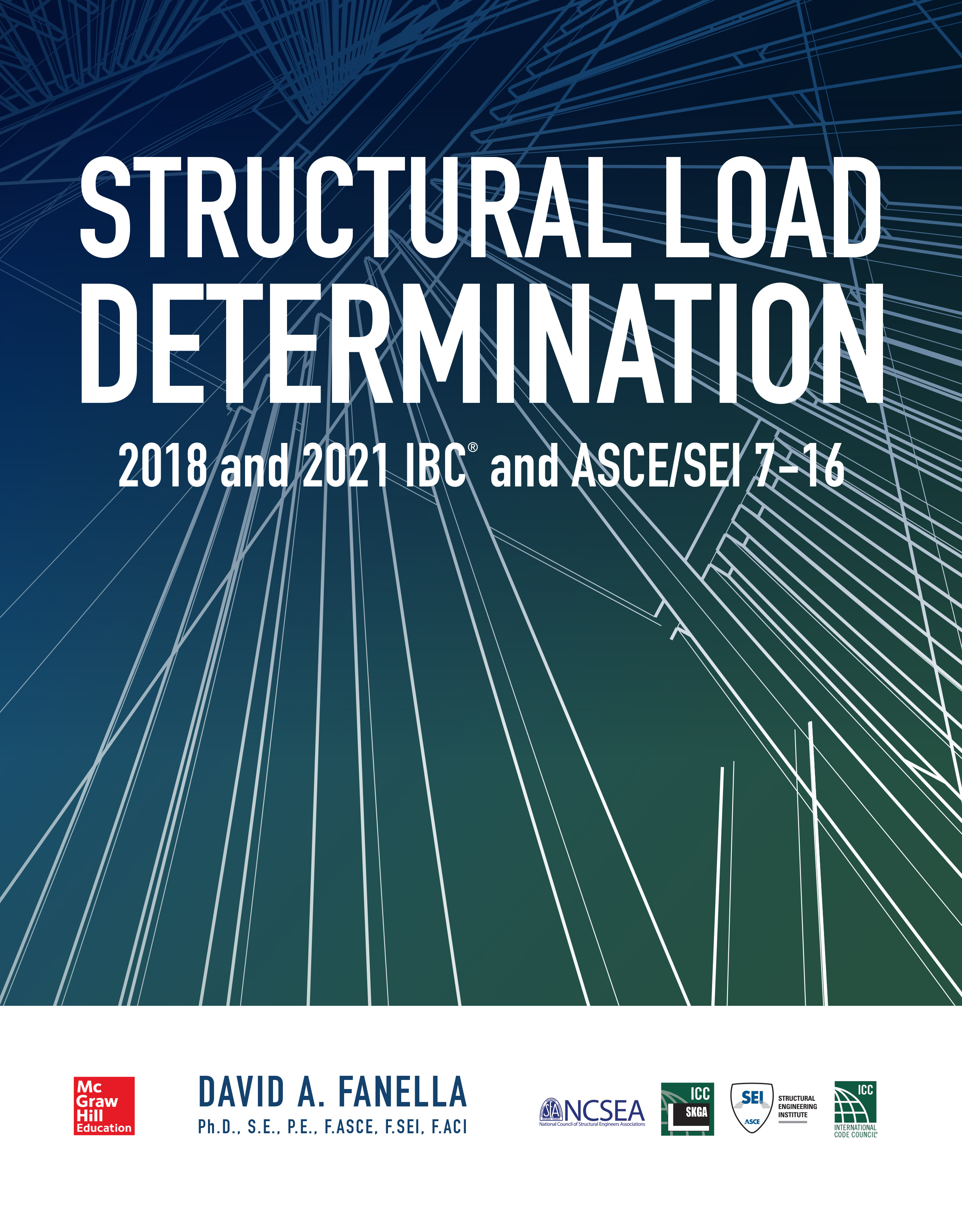
Structural Load Determination Calculate structural loads in compliance with the 2018 IBC® and ASCE/SEI 7-16 This practical guide shows, step by step, how to interpret and apply the load provisions contained in the 2018 IBC® and ASCE/SEI 7-16. You will learn how to accurately determine structural loads including dead loads, live loads, and environmental loads. Throughout the book, detailed design examples, unique flowcharts, and design aids illustrate the proper usage of the code within the scope of everyday practice. Coverage includes: • Structural load fundamentals • IBC® and ASCE 7 explanations • Load combinations • Dead, live, rain, and soil lateral loads • Snow and ice loads • Wind loads • Earthquake loads • Flood and tsunami loads • Load paths TECHNOLOGY & ENGINEERING,Structural

Design Guide for Concrete-filled Double Skin Steel Tubular Structures This is the first design guide on concrete filled double skin steel tubular (CFDST) structures. It addresses in particular CFDST structures with plain concrete sandwiched between circular hollow sections, and provides the relevant calculation methods and construction provisions for CFDST structures. These inherit the advantages of conventional concrete-filled steel tubular (CFST) structures, including high strength, good ductility and durability, high fire resistance and favourable constructability. Moreover, because of their unique sectional configuration, CFDST structures have been proved to possess lighter weight, higher bending stiffness and better cyclic performance than conventional CFST. Consequently CFDST can offer reduced concrete consumption and construction costs. This design guide is for engineers designing electrical grid infrastructures, wind power towers, bridge piers and other structures requiring light self-weight, high bending stiffness and high bearing capacity. TECHNOLOGY & ENGINEERING,Structural
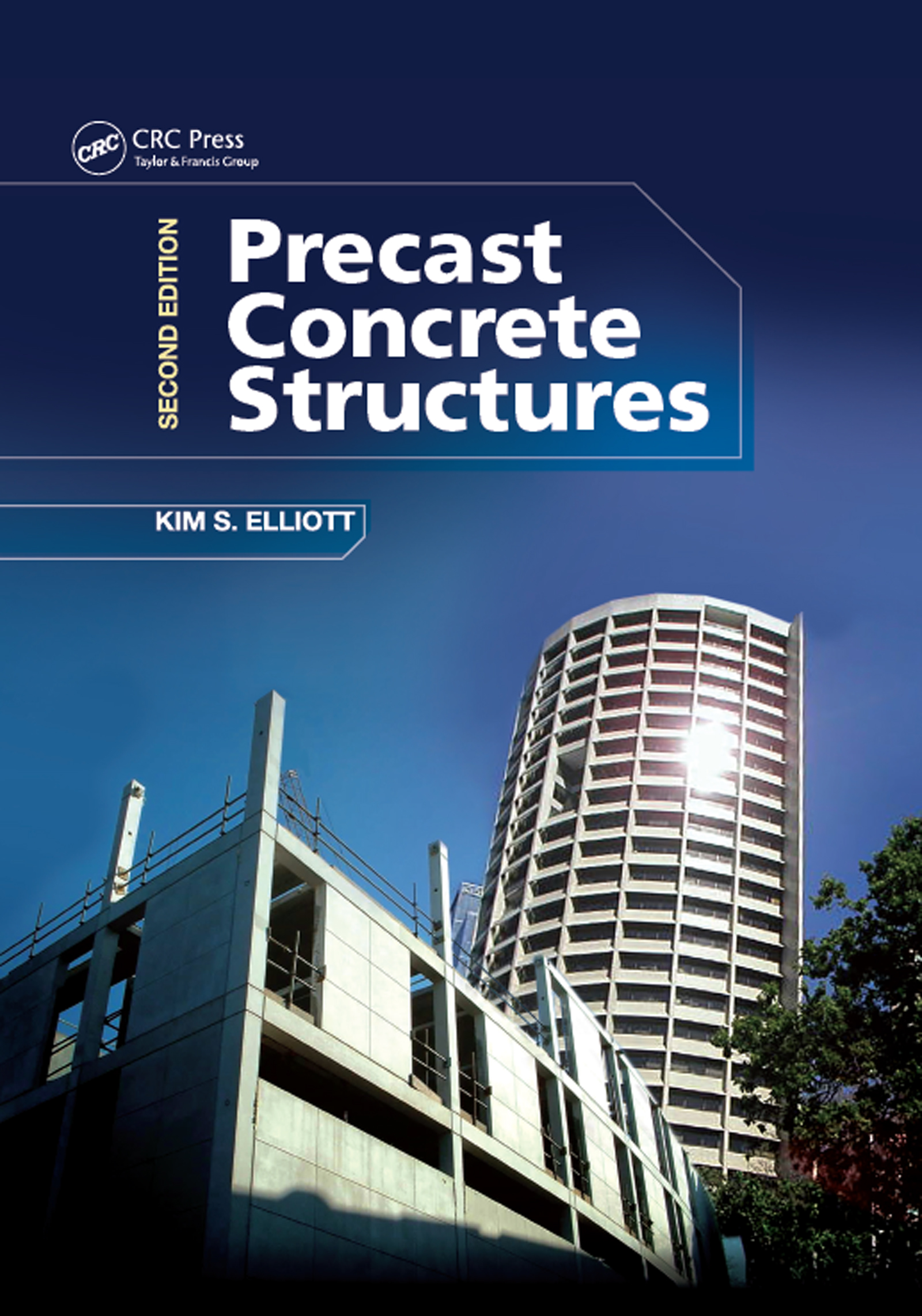
Precast Concrete Structures This second edition of Precast Concrete Structures introduces the conceptual design ideas for the prefabrication of concrete structures and presents a number of worked examples that translate designs from BS 8110 to Eurocode EC2, before going into the detail of the design, manufacture, and construction of precast concrete multi-storey buildings. Detailed structural analysis of precast concrete and its use is provided and some details are presented of recent precast skeletal frames of up to forty storeys. The theory is supported by numerous worked examples to Eurocodes and European Product Standards for precast reinforced and prestressed concrete elements, composite construction, joints and connections and frame stability, together with extensive specifications for precast concrete structures. The book is extensively illustrated with over 500 photographs and line drawings. TECHNOLOGY & ENGINEERING,Structural
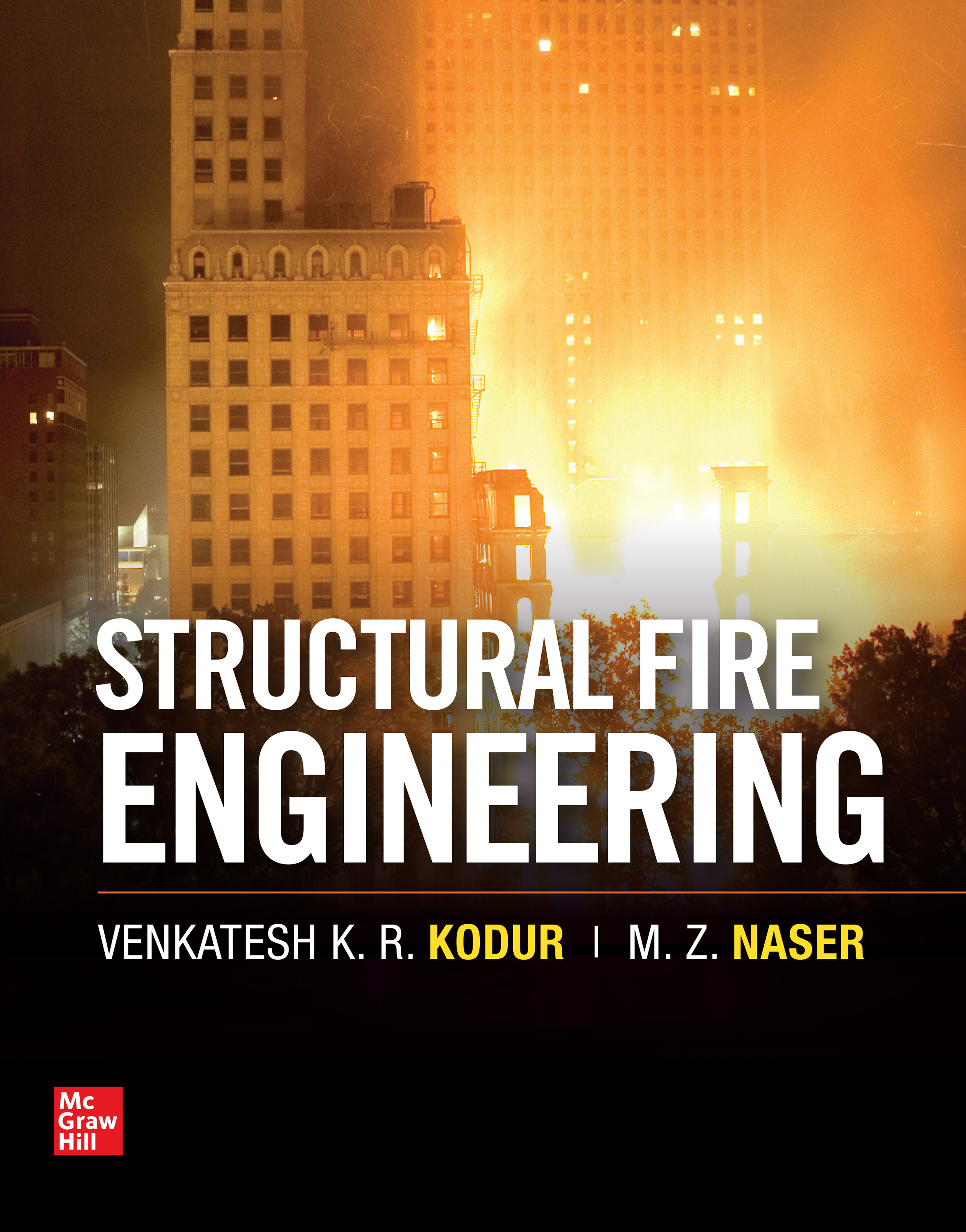
Structural Fire Engineering Actionable strategies for the design and construction of fire-resistant structures This hands-on guide clearly explains the complex building codes and standards that relate to fire design and presents hands-on techniques engineers can apply to prevent or mitigate the effects of fire in structures. Dedicated chapters discuss specific procedures for steel, concrete, and timber buildings. You will get step-by-step guidance on how to evaluate fire resistance using both testing and calculation methods. Structural Fire Engineering begins with an introduction to the behavioral aspects of fire and explains how structural materials react when exposed to elevated temperatures. From there, the book discusses the fire design aspects of key codes and standards, such as the International Building Code, the International Fire Code, and the NFPA Fire Code. Advanced topics are covered in complete detail, including residual capacity evaluation of fire damaged structures and fire design for bridges and tunnels. Explains the fire design requirements of the IBC, IFC, the NFPA Fire Code, and National Building Code of Canada Presents design strategies for steel, concrete, and timber structures as well as for bridges and tunnels Contains downloadable spreadsheets and problems along with solutions for instructors TECHNOLOGY & ENGINEERING,Structural
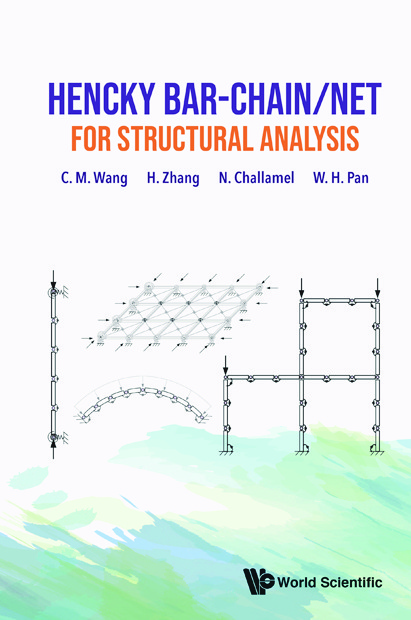
Hencky Bar-chain/net For Structural Analysis As an emerging discrete structural model, the Hencky bar-chain/net model (HBM) has shown its advantages over other numerical methods in some problems. Owing to the discrete properties of HBM, it is also a suitable model for nano-scale structures which are currently a very hot research topic in mechanics.This book introduces the concepts and previous research of the Hencky bar-chain/net model, before demonstrating how beams, columns, arches, rectangular plates and circular plates could be successfully modelled by HBM. HBM comprises rigid bars connected by frictionless hinges with elastic rotational springs (and a system of torsional springs in the cells for plates). In the treatment of the above-mentioned structures, HBM is found to be mathematically equivalent to the first order central finite difference method (FDM). So HBM may be regarded as the physical structural model behind the FDM.This book is a compilation of the authors' research on the development of the Hencky bar-chain/net model, and is organized according to the development and application of HBM for beams, columns, frames, arches and rings, and plates. Exercises are provided at the end of each chapter to aid comprehension and guide learning. It is a useful reference for students, researchers, academics and practitioners in the field of structural analysis. TECHNOLOGY & ENGINEERING,Structural

Buckling And Postbuckling Structures Ii This book provides an in-depth treatment of the study of the stability of engineering structures. Contributions from internationally recognized leaders in the field ensure a wide coverage of engineering disciplines in which structural stability is of importance, in particular the experimental, analytical and numerical modelling of structural stability applied to aeronautical, civil and marine structures. This second volume in buckling and postbuckling structures builds on the first, and reports on the development of fast semi-analytical methods for the rapid characterization of postbuckling structures; optimization approaches for the design of stiffened composite panels, and a discourse on imperfection sensitivity. This book will be a particularly useful reference to professional engineers, graduate students and researchers interested in structural stability. TECHNOLOGY & ENGINEERING,Structural
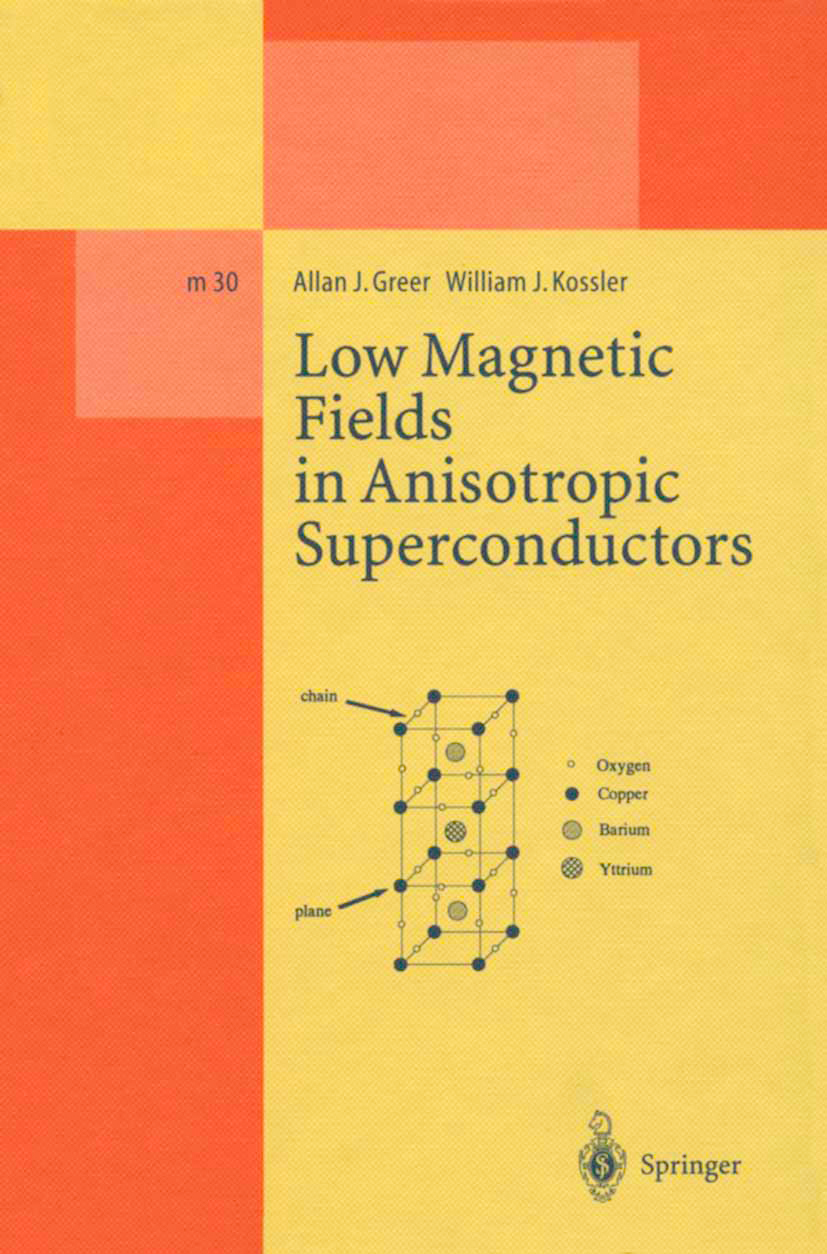
Low Magnetic Fields in Anisotropic Superconductors Superconductors have been known about since the turn ofthe century. Recently there has been a renewed interest with the discovery of the new, high-Tc materials since 1986[1]. These compounds become superconducting at much warmer temperatures than any pre viously known. In fact, many of tthem superconduct at temperatures above the boiling point of liquid nitrogen, making the observation of the transition both accessible and inexpensive. It was obvious immediately that these materials could have a tremendous technological impact, or lead to further materials with even higher transitions. For this reason there has been an intense effort by scientists in both academia and industry to study these materials. The scientificand industrial communitieshope to learn what makes these materials work. For, learning how these materials work not only increases mankind's overall knowledge of his world, but could make some person or company quite successful if the information were used and developed correctly. TECHNOLOGY & ENGINEERING,Superconductors & Superconductivity
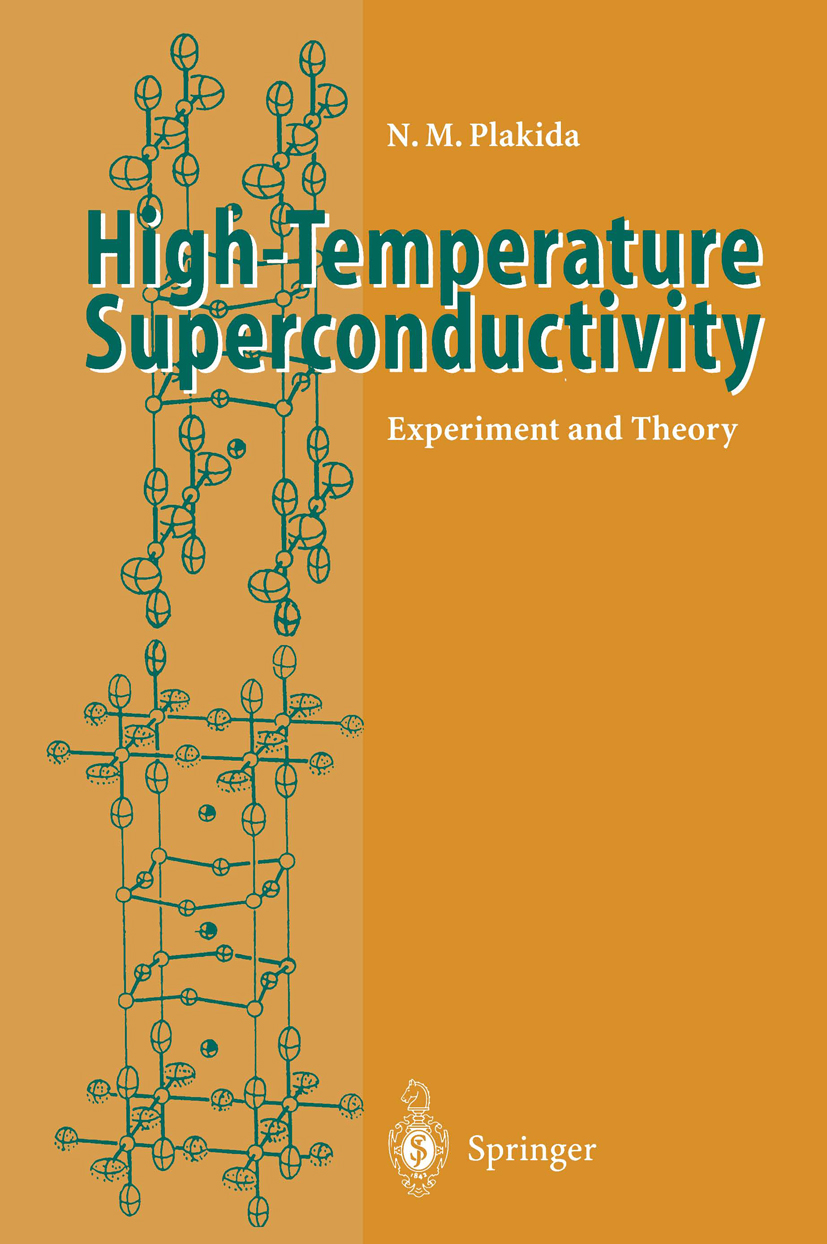
High-Temperature Superconductivity High-Temperature Superconductors provides an up-to-date and comprehensive review of the properties of these fascinating materials. Much has been learned about the behavior and mechanism of this novel type of superconductivity over the past five years, but many questions remain unanswered. This book gives an invaluable survey which will help students and researchers to consolidate their knowledge and build upon it. A large number of illustrations and tables give valuable information for specialists. A critical comparison of different theoretical models involving strong electron correlations, spin fluctuations, phonons and excitons provides a background for understanding modern trends in the theory of high-temperature superconductivity. TECHNOLOGY & ENGINEERING,Superconductors & Superconductivity
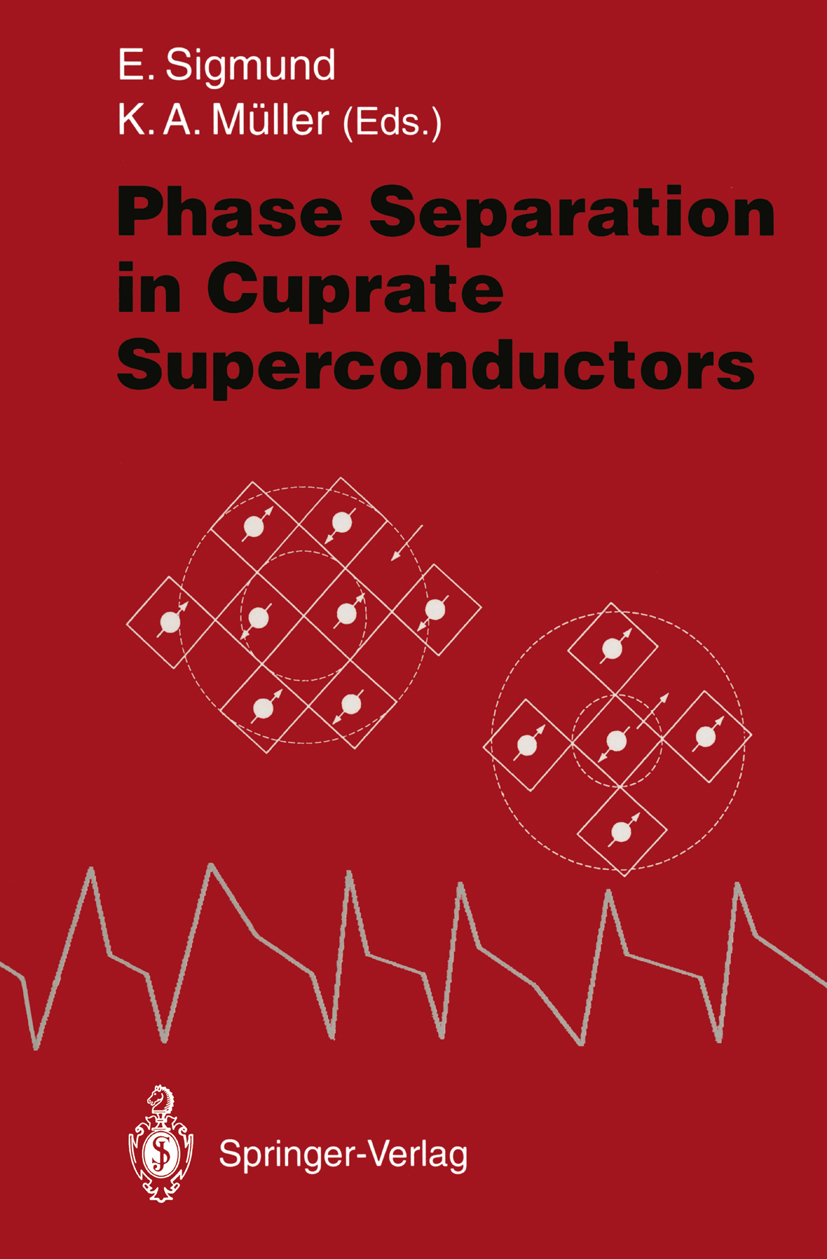
Phase Separation in Cuprate Superconductors Phase separation has become a fascinating subject in the discussion of cuprate superconductors. All these materials have layered structures containing CU02 planes as the most important building blocks. They are coupled only weakly so that the electronic properties show a nearly two-dimensional behaviour. Due to correlations the undoped compounds are insulators of the Mott Hubbard type exhibiting long-range antiferromagnetic order. Upon doping a rich scenario of physical phenomena appears: Even at low hole concentra tions the antiferromagnetic ordering temperature is reduced drastically and spin-glass behaviour as well as a hopping type conductivity can be observed. Further doping leads to metallic-like conductivity and below Tc to super conductivity. In this doping regime antiferromagnetic fluctuations are still observed. At very high charge carrier densities superconductivity is lost and the systems show pure metallic conduction without ,magnetic correlations. One of the most interesting phenomena in high-T c research is the interplay between magnetism and conductivity or superconductivity. Especially the behaviour of charge carriers in the antiferromagnetic background raises a number of open questions. Two scenarios become possible: the carriers tend to delocalize over the whole crystal forming a homogeneous state with band-like structure or they separate into hole-rich (conducting, superconducting) and hole-poor (insulating, antiferromagnetic) phases leading to an inhomogeneous structure. TECHNOLOGY & ENGINEERING,Superconductors & Superconductivity
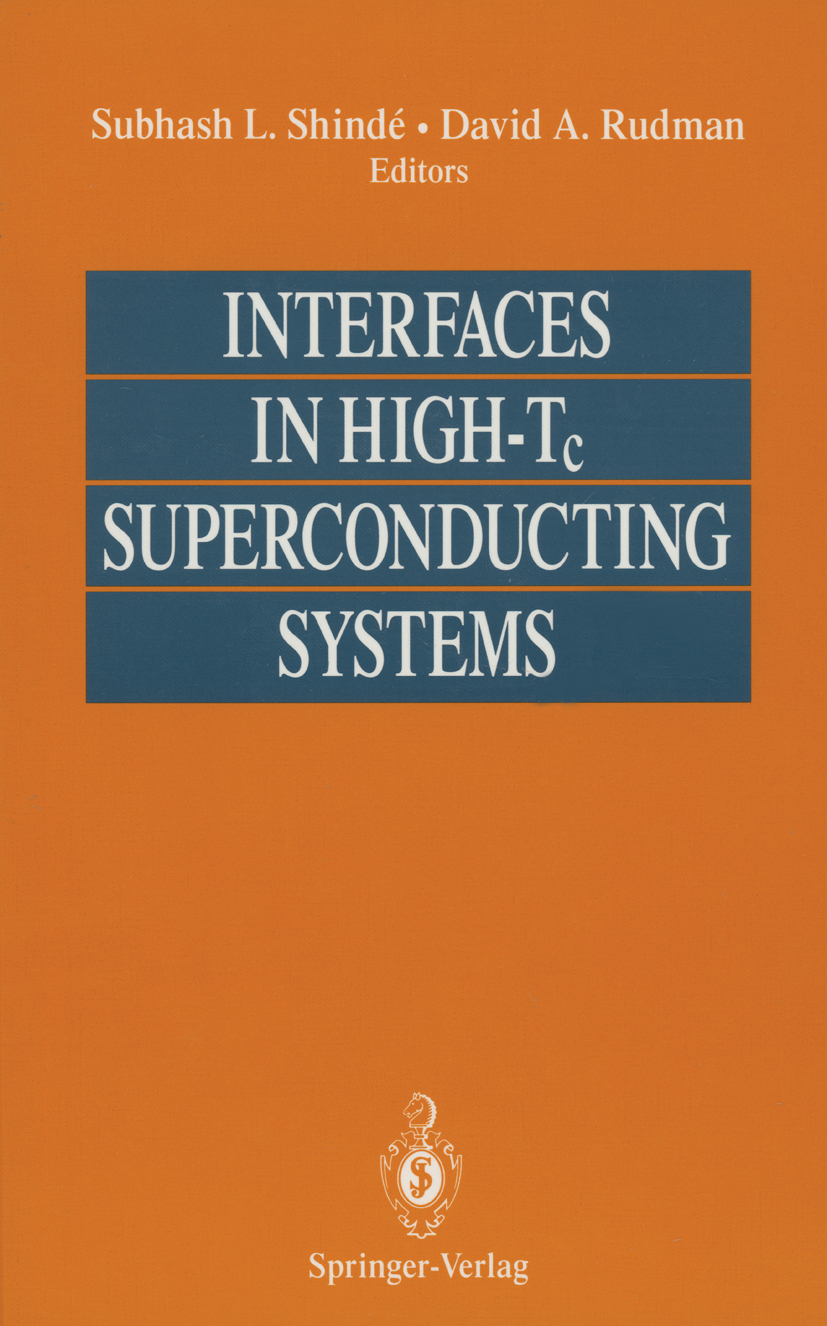
Interfaces in High-Tc Superconducting Systems Because the new high-temperature superconductors cannot be grown as large single crystals, interfaces and junctions play an important role in their properties. The chapters in this book, each by leading researchers in the field, examine the state of our understanding of such interfaces.Chapters cover such topics as studies of YCBO films by transmission-electron, scanning-tunneling, and atomic-force microscopy; microstructure, interfacial interactions, and twin boundary structures in YCBO films; grain-boundary Josephson junctions; and overlayer formation. TECHNOLOGY & ENGINEERING,Superconductors & Superconductivity
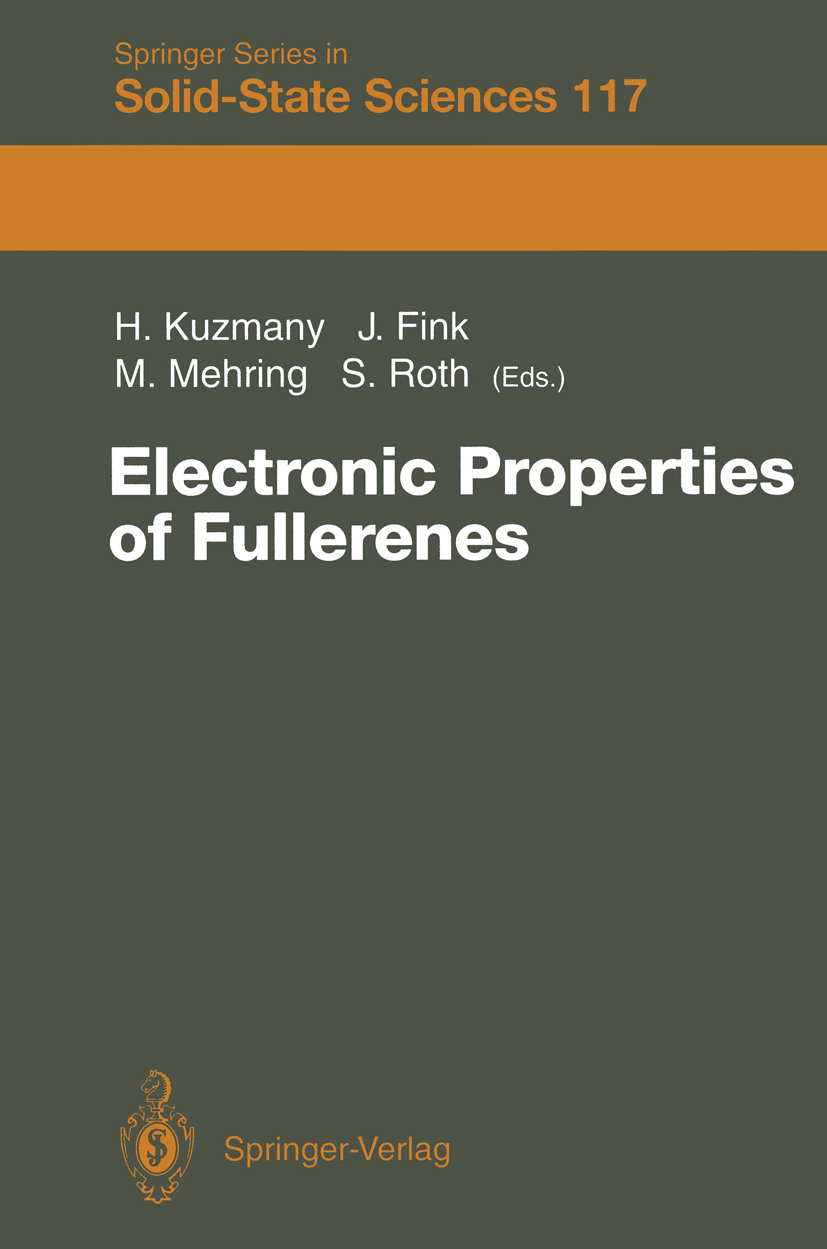
Electronic Properties of Fullerenes Electronic Properties of Fullerenes and other NovelMaterials gives an overview of the state-of-the-artresearch. It presents most recent results on preparation,experimental analysis by electron spectroscopy, infrared andRaman spectroscopy, luminescence, and nonlinear optical, aswell as possible technological applications. Emphasis isalso placed on the superconducting properties of Fullerenes.The introductory and advanced contributions provide a goodsurvey of the current status of this rapidly developingfield. TECHNOLOGY & ENGINEERING,Superconductors & Superconductivity
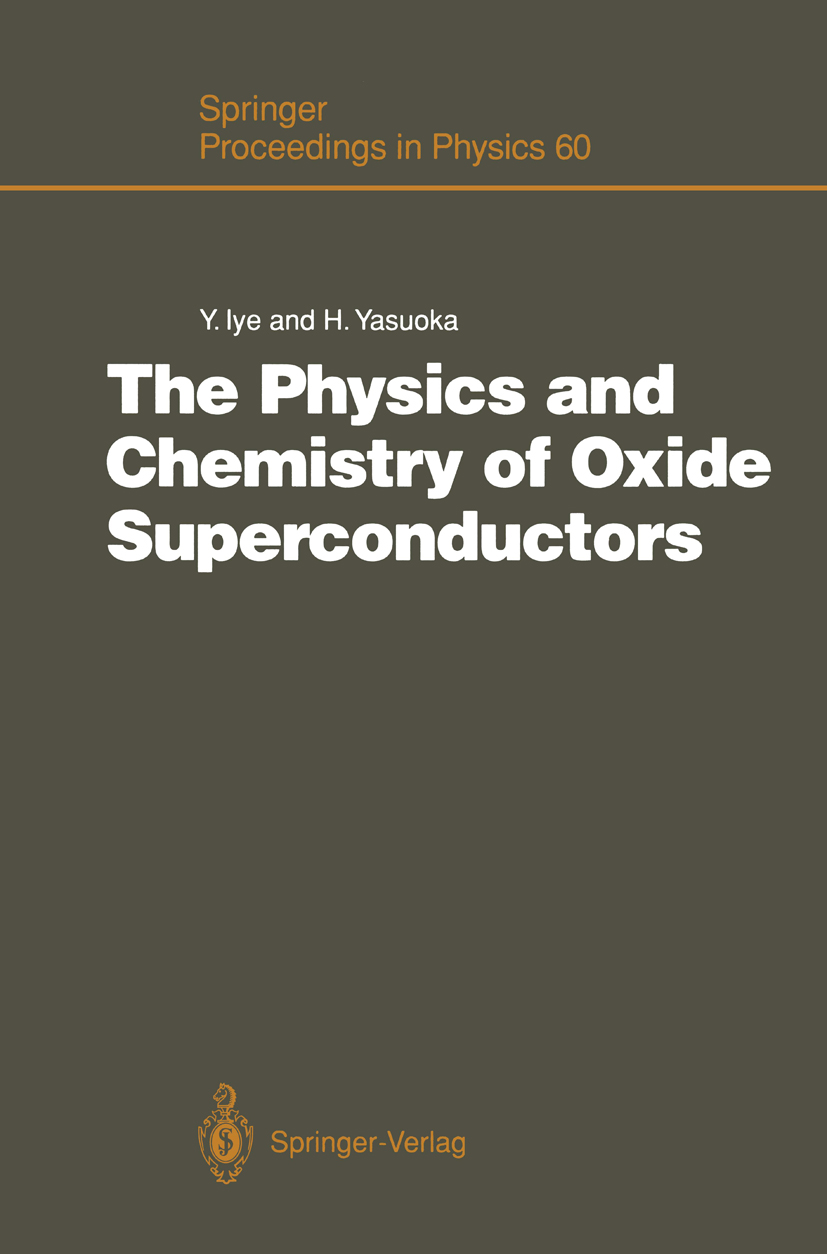
The Physics and Chemistry of Oxide Superconductors High temperature superconductivity is still one of the mostdiscussed topicsin physics. "The Physics and Chemistry ofOxide Superconductors " collects together more than onehundred original contributions presented during the 2ndInternational Symposium of the Institute for Solid StatePhysics of the University of Tokyo.The main topics cover new insights into the basic mechanismof high temperature superconductivity, recent developmentsof new superconducting materials, the state of the art ofthin film production,theoretical understanding of theelectronic structures in this kind of material, theories forstrongly correlated electron systems, and many physical andchemical effects. TECHNOLOGY & ENGINEERING,Superconductors & Superconductivity
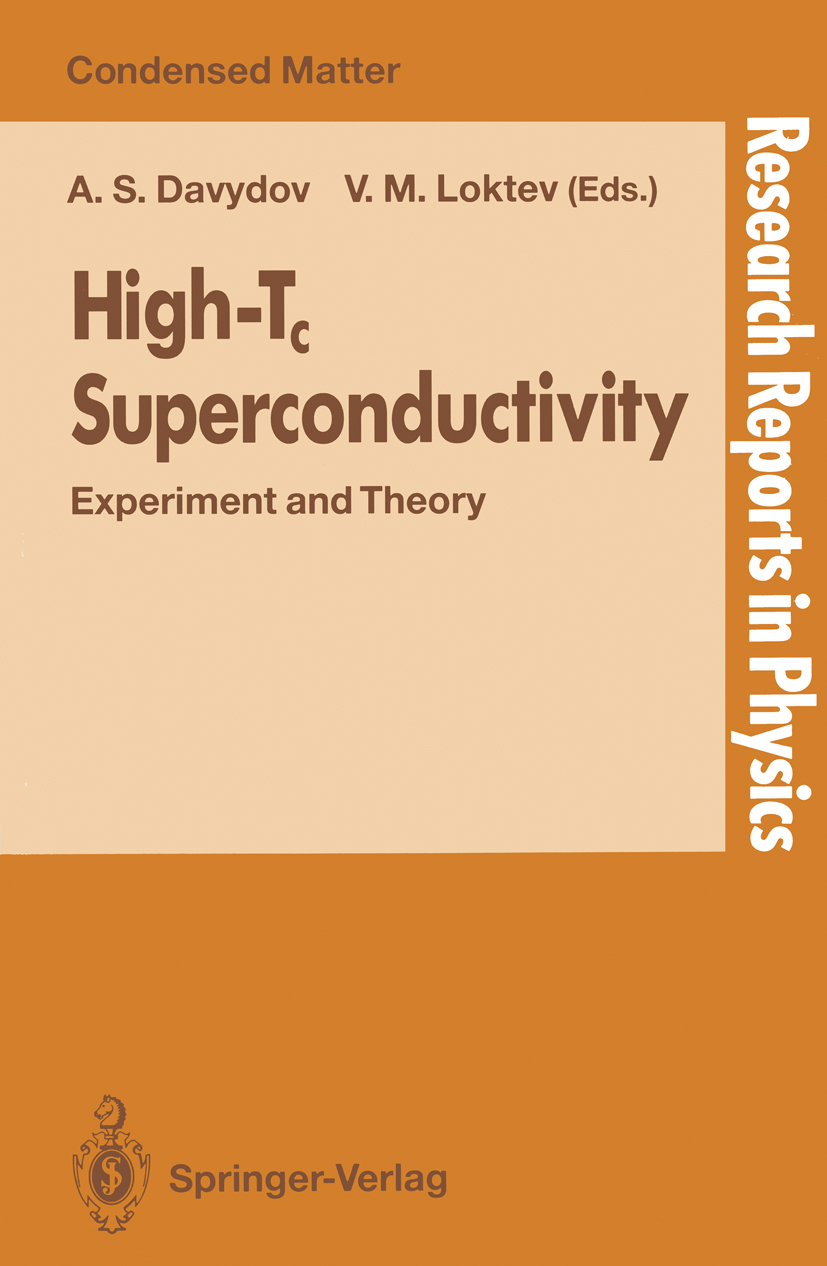
High-Tc Superconductivity "High-Tc Superconductivity" is based on a meeting held inKiev and contains contributions discussing the most recentachievements in this field. The book includes reviewsand original papers covering theoretical andexperimental aspects of the subject.Keywords: electronic and magnetic properties, metallizationprocesses, emission and optic spectra, lavitation, pinning,frustration and fluctuations, thin films TECHNOLOGY & ENGINEERING,Superconductors & Superconductivity
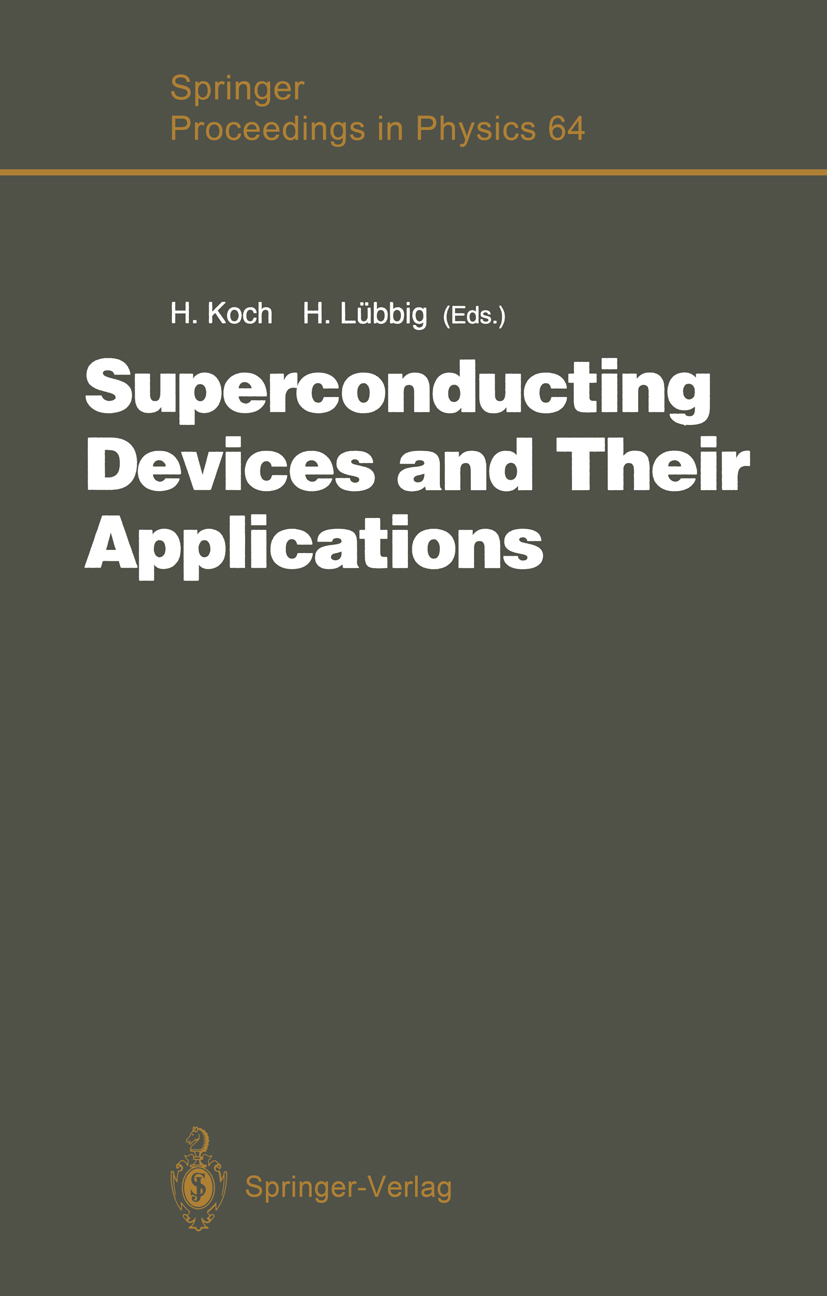
Superconducting Devices and Their Applications Since the discovery of high-temperature superconductivityconsiderable progress has been made in research anddevelopment of superconductive electronic devices. This factis reflected by the large variety of contributions to the4th International Conference on Superconducting and QuantumEffect Devices and their Applications - SQUID'91. Thiscomprehensive proceedings volume covers Josephson junctions,SQUIDs, radiation detectors, flux-flow transitors.. The mainapplications are contained in the chapters on biomagneticinstrumentation, metrologym and rf-applications. The purposeof this volume is to provide an up-to-date reference book onthestatus of this rapidly changing and promising field ofelectronic device research on the basis of low- andhigh-temperature materials. TECHNOLOGY & ENGINEERING,Superconductors & Superconductivity

Advances in Superconductivity III Since the discovery of high temperature superconductors, many new materials have been invented. In the last year, several new materials were also discovered, but their critical temperatures are still below lOOK. Precise physical and chemical work has made tremendous progress in the theoretical and experimental study of physical properties and carrier state characterizations. The de Haas van Alphen effect measurement showed the existence of a Fermi surface in YBCO. Flux dynamics is a well-known new problem in which flux creep and irreversibility line features are especially important for a fundamental understanding of the critical current and flux pinning. Flux pinning centers which are intentionally added using non-superconducting precipitates, neutrons, and protons, etc. increase critical currents to practical levels. The analysis of electric and magnetic properties are expected to reveal the pinning mechanism and also to further application development. As for wires and bulks, many melt-like sintering techniques have improved the material performance of critical current densities. A new seeding Quench-Melt Growth technique enlarged crystal size and increased the repulsion force. These melting processes, in conjunction with a mechanical strength improvement have been effectively introduced into wire fabrication in order to realize kilometer range wires and will put the oxide wires to practical use. Where thin film is con cerned, when many fabrication methods had been developed using the assistance effect of activated oxygen such as ozone and oxygen radicals, a high current 2 density of 106A/cm at 77K was reported. TECHNOLOGY & ENGINEERING,Superconductors & Superconductivity
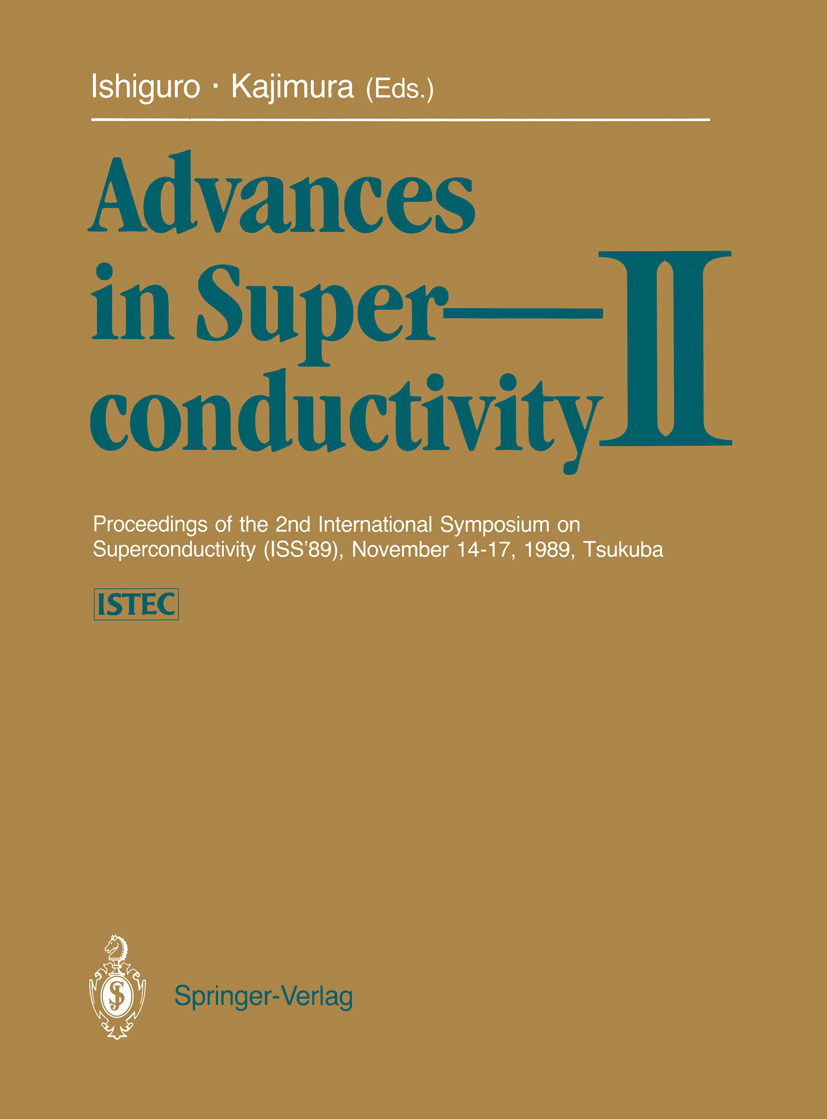
Advances in Superconductivity II Since the First International Symposium on Superconductivity (ISS '88) was held in Nagoya, Japan in 1988, significant advances have been achieved in a wide range of high temperature superconductivity research. Although the T c's of recently discovered oxide superconductors still do not exceed the record high value of 125K reported before that meeting, the enrichment in the variety of materials should prove useful to the investigation of the fundamental mechanism of superconductiv ity in these exotic materials. The discovery of the n-type superconducting oxides proved to oppose the previously held empirical fact that the charge carriers in all oxide superconductors were holes. In addition, optimization of the charge carrier density has been established as a technique to improve the superconducting proper ties of the previously known oxide materials. Many new experimental and theoreti cal advances have been made in understanding both the fundamental and the applied aspects of high temperature superconductivity. In this latter area, various new processing techniques have been investigated, and the critical current densities and other significant parameters of both bulk and thin film oxide superconductors are rapidly being improved. At this exciting stage of research in high temperature superconductivity, it is extremely important to provide an opportunity for researchers from industry, academia, government and other institutions around the world to freely exchange information and thus contribute to the further advancement of research. TECHNOLOGY & ENGINEERING,Superconductors & Superconductivity
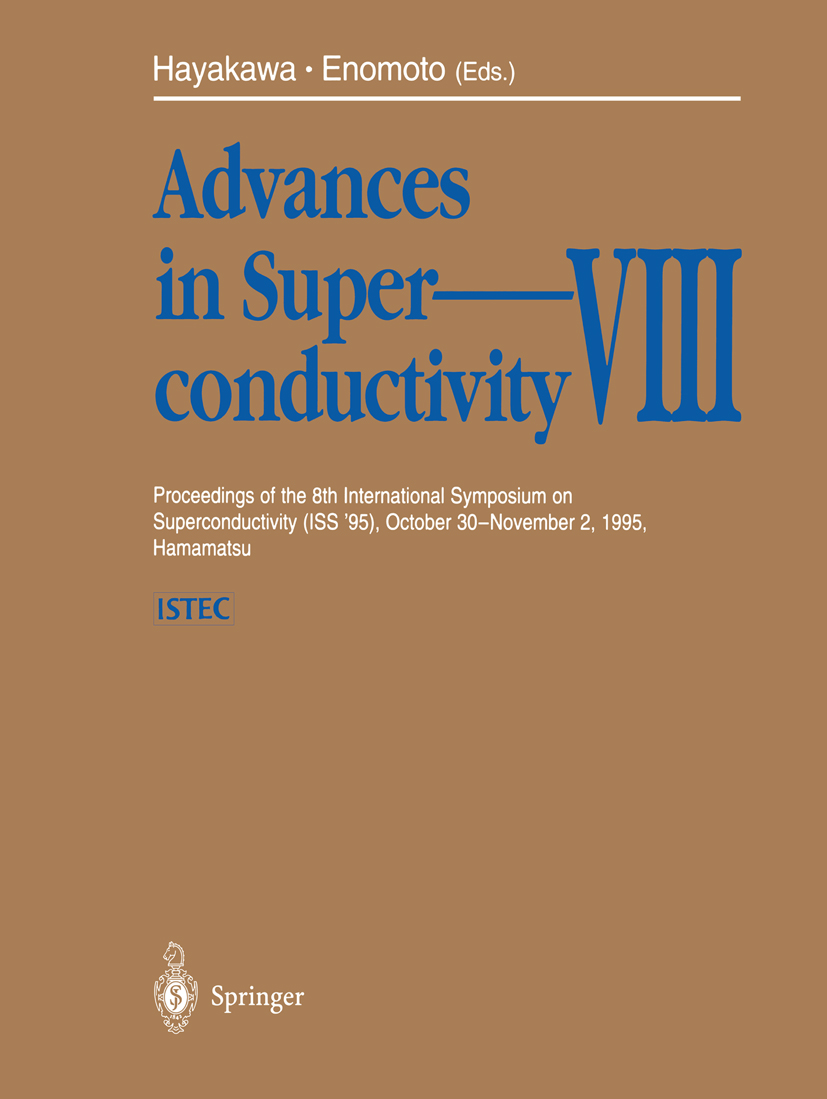
Advances in Superconductivity VIII Since the discovery of superconductivity with trans1tton temperatures above 77 K, concentrated research activities toward the exploration of practical applica tions of these materials have been carried out. Currently, a remarkable improve ment in superconducting properties has been achieved due to the fine optimization of fabrication processes, and this has attracted industrial interest for future applications. In the case of NdBa Cu 0 materials, a new pinning mecha 2 3 7 nism was found which enhances the critical current under applied magnetic fields. In single crystals of these materials, oxygen control results in an increase in the growth rate. The metalorganic chemical vapor deposition (MOCVD) film quality has been improved by using a new liquid raw material. Simultaneously, real demands from the viewpoint of the market start to be a motivation force, es pecially in electronics application where some products are already being sold. At the same time, interesting physical properlies have been obtained from a new superconducting single crystal which has a layered perovskite structure without copper. In addition, various precision measurement techniques have confirmed the d-wave mechanism and the existence of intrinsicJosephson junctions in single crystals. These new phenomena challenge the existing theoretical models but also open the way for new applications. These significant areas of progress in materials science have led high-Tc super conductivity research into the next phase of activity, while fundamental research continues to be very important. I sincerely hope that this volume will give further impetus to this development. TECHNOLOGY & ENGINEERING,Superconductors & Superconductivity
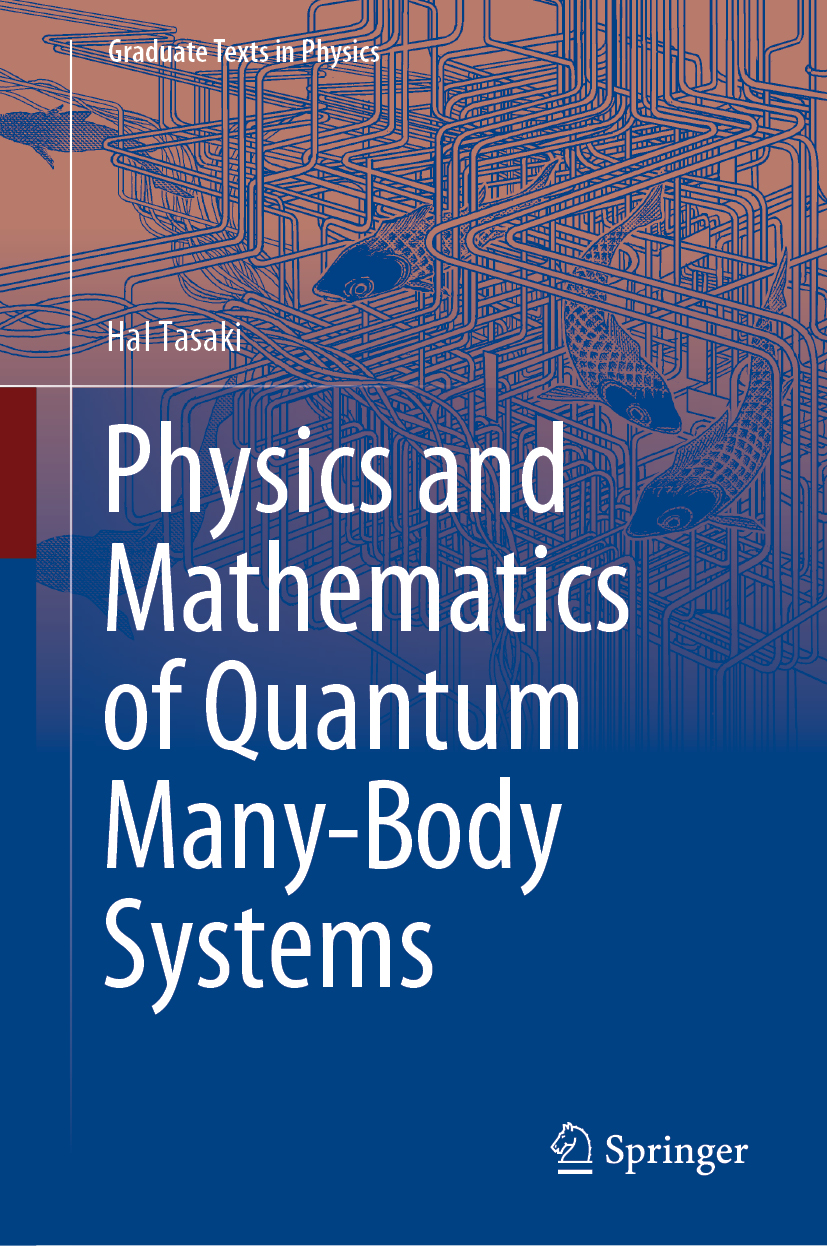
Physics and Mathematics of Quantum Many-Body Systems This book is a self-contained advanced textbook on the mathematical-physical aspects of quantum many-body systems, which begins with a pedagogical presentation of the necessary background information before moving on to subjects of active research, including topological phases of matter. The book explores in detail selected topics in quantum spin systems and lattice electron systems, namely, long-range order and spontaneous symmetry breaking in the antiferromagnetic Heisenberg model in two or higher dimensions (Part I), Haldane phenomena in antiferromagnetic quantum spin chains and related topics in topological phases of quantum matter (Part II), and the origin of magnetism in various versions of the Hubbard model (Part III). Each of these topics represents certain nontrivial phenomena or features that are invariably encountered in a variety of quantum many-body systems, including quantum field theory, condensed matter systems, cold atoms, and artificial quantum systems designed for future quantum computers. The book’s main focus is on universal properties of quantum many-body systems. The book includes roughly 50 problems with detailed solutions. The reader only requires elementary linear algebra and calculus to comprehend the material and work through the problems. Given its scope and format, the book is suitable both for self-study and as a textbook for graduate or advanced undergraduate classes. TECHNOLOGY & ENGINEERING,Superconductors & Superconductivity
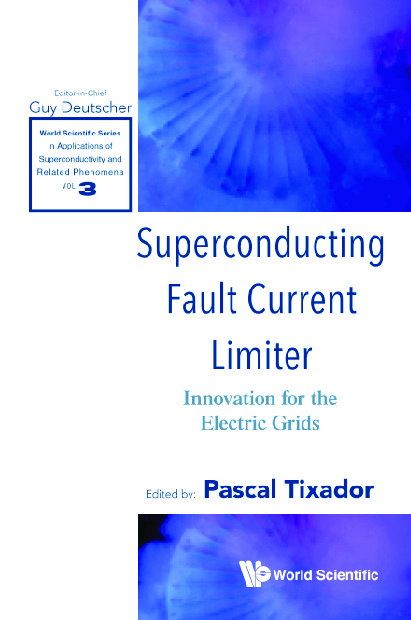
Superconducting Fault Current Limiter This book mainly deals with SuperConducting Fault Current Limiter (SCFCL), mainly the resistive SCFCLs. It aims to further disseminate the technical knowledge of SCFCL in particular to electrical engineers. The SCFCL is a new component and tool to better design and to be used in existing and future electric grids, altering the conventional way of thinking and planning. TECHNOLOGY & ENGINEERING,Superconductors & Superconductivity
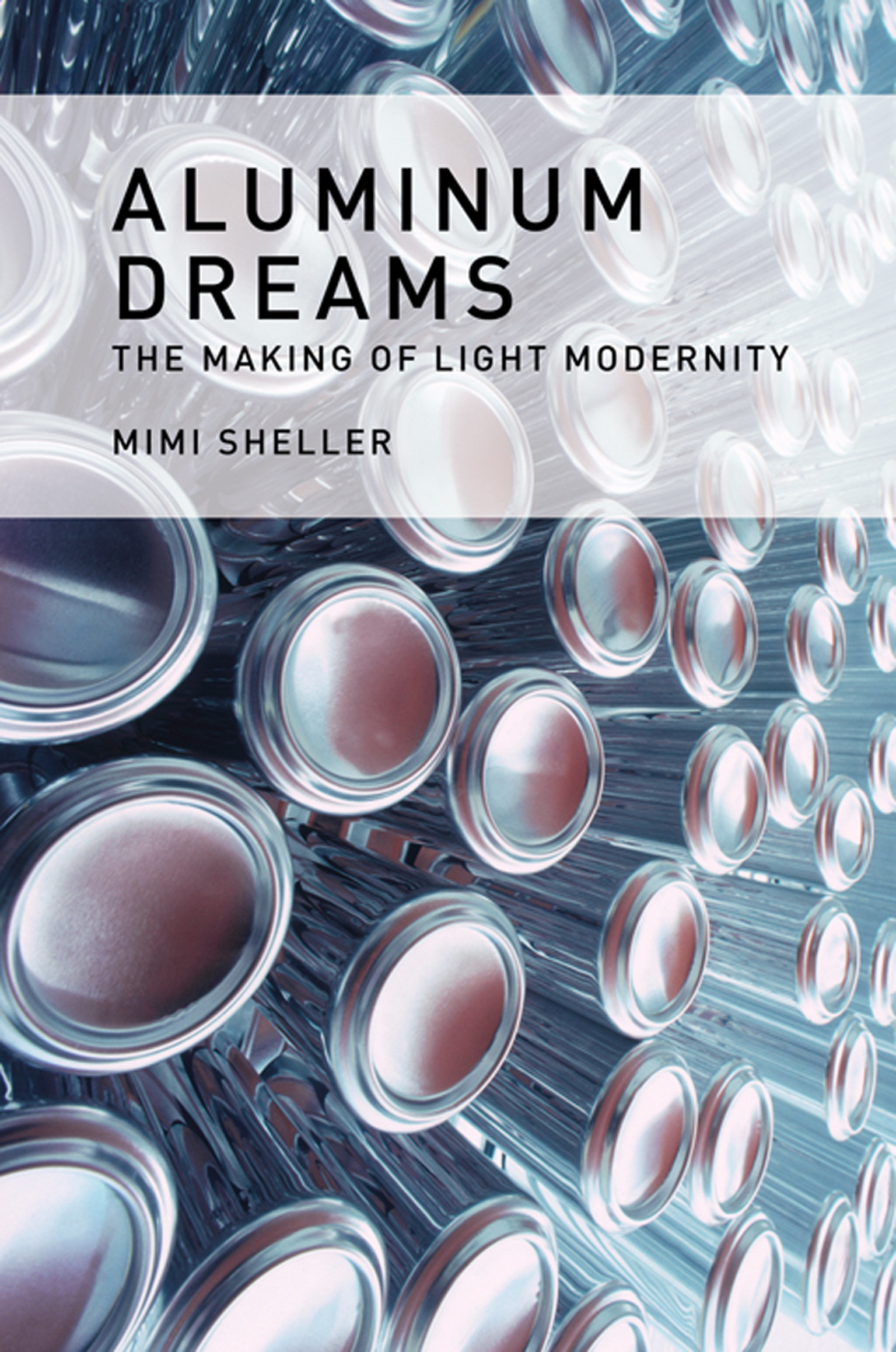
Aluminum Dreams How aluminum enabled a high-speed, gravity-defying American modernity even as other parts of the world paid the price in environmental damage and political turmoil. Aluminum shaped the twentieth century. It enabled high-speed travel and gravity-defying flight. It was the material of a streamlined aesthetic that came to represent modernity. And it became an essential ingredient in industrial and domestic products that ranged from airplanes and cars to designer chairs and artificial Christmas trees. It entered modern homes as packaging, foil, pots and pans and even infiltrated our bodies through food, medicine, and cosmetics. In Aluminum Dreams, Mimi Sheller describes how the materiality and meaning of aluminum transformed modern life and continues to shape the world today. Aluminum, Sheller tells us, changed mobility and mobilized modern life. It enabled air power, the space age and moon landings. Yet, as Sheller makes clear, aluminum was important not only in twentieth-century technology, innovation, architecture, and design but also in underpinning global military power, uneven development, and crucial environmental and health concerns. Sheller describes aluminum's shiny utopia but also its dark side. The unintended consequences of aluminum's widespread use include struggles for sovereignty and resource control in Africa, India, and the Caribbean; the unleashing of multinational corporations; and the pollution of the earth through mining and smelting (and the battle to save it). Using a single material as an entry point to understanding a global history of modernization and its implications for the future, Aluminum Dreams forces us to ask: How do we assemble the material culture of modernity and what are its environmental consequences? Aluminum Dreams includes a generous selection of striking images of iconic aluminum designs, many in color, drawn from advertisements by Alcoa, Bohn, Kaiser, and other major corporations, pamphlets, films, and exhibitions. TECHNOLOGY & ENGINEERING,Superconductors & Superconductivity

Shortcut to Superconductivity This accessible textbook offers a novel, concept-led approach to superconducting electronics, using the COMSOL Multiphysics software to help describe fundamental principles in an intuitive manner.Based on a course taught by the author and aimed primarily at engineering students, the book explains concepts effectively and efficiently, uncovering the “shortcut†to understanding each topic, enabling readers to quickly grasp the underlying essence. The book is divided into two main parts; the first part provides a general introduction to key topics encountered in superconductivity, illustrated using COMSOL simulations based on time-dependent Ginzburg-Landau equations and avoiding any deeply mathematical derivations. It includes numerous worked examples and problem sets with tips and solutions. The second part of the book is more conventional in nature, providing detailed derivations of the basic equations from first principles. This part covers more advanced topics, including the BCS-Gor'kov-Eliashberg approach to equilibrium properties of superconductors, the derivation of kinetic equations for nonequilibrium superconductors, and the derivation of time-dependent Ginzburg–Landau equations, used as the basis for COMSOL modeling in the first part. Supported throughout by an extensive library of COMSOL Multiphysics animations, the book serves as a uniquely accessible introduction to the field for engineers and others with a less rigorous background in physics and mathematics. However, it also features more detailed mathematical background for those wishing to delve further into the subject. TECHNOLOGY & ENGINEERING,Superconductors & Superconductivity

Strongly Correlated Fermi Systems This book focuses on the topological fermion condensation quantum phase transition (FCQPT), a phenomenon that reveals the complex behavior of all strongly correlated Fermi systems, such as heavy fermion metals, quantum spin liquids, quasicrystals, and two-dimensional systems, considering these as a new state of matter. The book combines theoretical evaluations with arguments based on experimental grounds demonstrating that the entirety of very different strongly correlated Fermi systems demonstrates a universal behavior induced by FCQPT. In contrast to the conventional quantum phase transition, whose physics in the quantum critical region are dominated by thermal or quantum fluctuations and characterized by the absence of quasiparticles, the physics of a Fermi system near FCQPT are controlled by a system of quasiparticles resembling the Landau quasiparticles. The book discusses the modification of strongly correlated systems under the action of FCQPT, representing the “missing†instability, which paves the way for developing an entirely new approach to condensed matter theory; and presents this physics as a new method for studying many-body objects. Based on the authors’ own theoretical investigations, as well as salient theoretical and experimental studies conducted by others, the book is well suited for both students and researchers in the field of condensed matter physics. TECHNOLOGY & ENGINEERING,Superconductors & Superconductivity
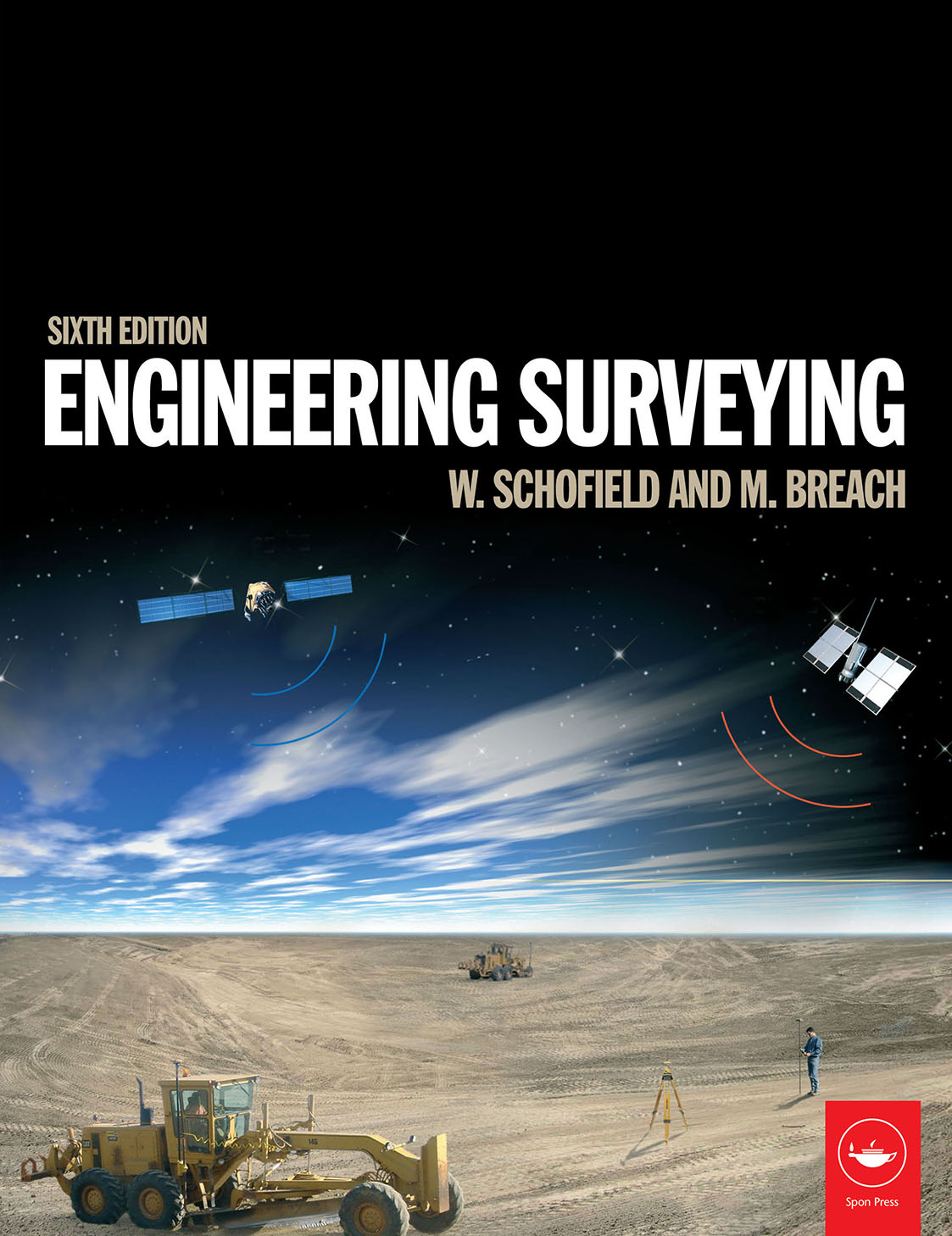
Engineering Surveying Engineering surveying involves determining the position of natural and man-made features on or beneath the Earth’s surface and utilizing these features in the planning, design and construction of works. It is a critical part of any engineering project. Without an accurate understanding of the size, shape and nature of the site the project risks expensive and time-consuming errors or even catastrophic failure. This fully updated sixth edition of Engineering Surveying covers all the basic principles and practice of the fundamentals such as vertical control, distance, angles and position right through to the most modern technologies. It includes: * An introduction to geodesy to facilitate greater understanding of satellite systems * A fully updated chapter on GPS, GLONASS and GALILEO for satellite positioning in surveying * All new chapter on the important subject of rigorous estimation of control coordinates * Detailed material on mass data methods of photogrammetry and laser scanning and the role of inertial technology in them With many worked examples and illustrations of tools and techniques, it suits students and professionals alike involved in surveying, civil, structural and mining engineering, and related areas such as geography and mapping. TECHNOLOGY & ENGINEERING,Surveying

Willis's Practice and Procedure for the Quantity Surveyor Historically employed to estimate and measure the likely material requirements for any building project, the role of the modern quantity surveyor is diverse, with a wide range of employers and geographical locations to match. Change continues to be a feature in quantity surveying practice, with the New Rules of Measurement, the RICS Black Book and Building Information Modelling (BIM) all adding to the already dynamic environment in which the Quantity Surveyor operates. This new edition of Practice and Procedure for the Quantity Surveyor reflects that dynamic environment, addressing changing practices and procedures in the profession, whilst focussing on the core skills which are essential to success. The 13th edition of this classic text, originally written by three generations of the Willis family (all quantity surveyors) continues to provide a thorough introduction to the work of the quantity surveyor in private practice, in public service and in contracting organisations. TECHNOLOGY & ENGINEERING,Surveying

Structural Design of Buildings Covering common problems, likely failures and their remedies, this is an essential on-site guide to the behaviourof a building’s structure. Presented in a clear structure and user-friendly style, the book goes through all the structural aspects of a building and assesses the importance of the different components. It explains the structural behaviour of buildings, giving some of the basics of structures together with plenty of real-life examples and guidance. TECHNOLOGY & ENGINEERING,Surveying

Estimating in Heavy Construction This book presents the theoretical background as well as best practice examples of estimating in heavy construction. The examples stem from practitioners in international large-scale construction projects. As distinct from other publications on estimating, this book presents specific numbers and costs are calculated precisely. In this way the book helps to avoid errors in the estimating of construction projects like roads, bridges, tunnels, and foundations. TECHNOLOGY & ENGINEERING,Surveying

Construction Quantity Surveying The revised and updated comprehensive resource for Quantity Surveyors working with a construction contractor The second edition of Construction Quantity Surveying offers a practical guide to quantity surveying from a main contractor's perspective. This indispensable resource covers measurement methodology (including samples using NRM2 as a guide), highlights the complex aspects of a contractor's business, reviews the commercial and contractual management of a construction project and provides detailed and practical information on running a project from commencement through to completion. Today’s Quantity Surveyor (QS) plays an essential role in the management of construction projects, although the exact nature of the role depends on who employs the QS. The QS engaged by the client and the contractor's QS have different parts to play in any construction project, with the contractor's QS role extending beyond traditional measurement activities, to encompass day-to-day tasks of commercial building activities including estimating, contract administration, and construction planning, as well as cost and project management. This updated and practical guide: Focuses on the application, knowledge and training required of a modern Quantity Surveyor Clearly shows how Quantity Surveying plays an essential central role within the overall management of construction projects Covers measurement methodology, the key elements of the contractor's business and the commercial and contractual management of a construction project The construction industry changes at fast pace meaning the quantity surveyor has a key role to play in the successful execution of construction projects by providing essential commercial input. Construction Quantity Surveying meets this demand as an up-to-date practical guide that includes the information needed for a Quantity Surveyor to perform at the highest level. It clearly demonstrates that quantity surveying is not limited to quantifying trade works and shows it as an important aspect of commercial and project management of construction projects. TECHNOLOGY & ENGINEERING,Surveying
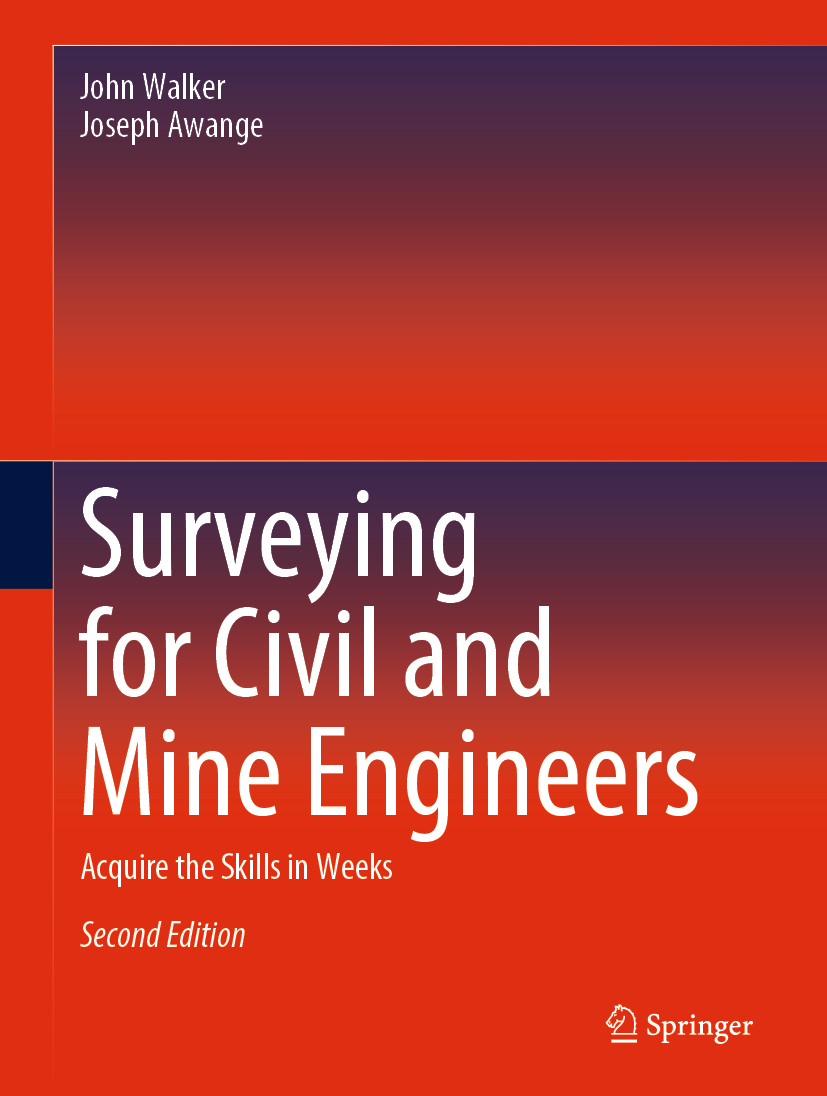
Surveying for Civil and Mine Engineers This updated and expanded edition of the book includes four additional chapters on earthwork on sloping sites; transitional curves and super elevation; calculations of super elevations on composite curves; and underground mine surveying. Richly illustrated with diagrams, equations and tables as well as examples of every day survey tasks. It also covers new topics, such as the global navigation satellite system’s (Real Time Kinematic-RTK), which are increasingly used in a wide range of everyday engineering applications. TECHNOLOGY & ENGINEERING,Surveying

Willis's Elements of Quantity Surveying Willis’s Elements of Quantity Surveying has become a standard text in the teaching of building measurement – a core part of the degree curriculum for quantity surveyors. The book will be fully updated to follow the guidance given by RICS NRM 1 & 2. As in previous editions the focus remains a logical approach the detailed measurement of building elements and copious use of examples to guide the student. The text has been fully revised in line with the NRM guidance and includes many new and revised examples illustrating the use of NRM. The hallmarks of previous editions – clarity and practicality – are maintained, while ensuring the book is fully up to date, providing the student of quantity surveying with a first class introduction to the measurement of building elements. TECHNOLOGY & ENGINEERING,Surveying
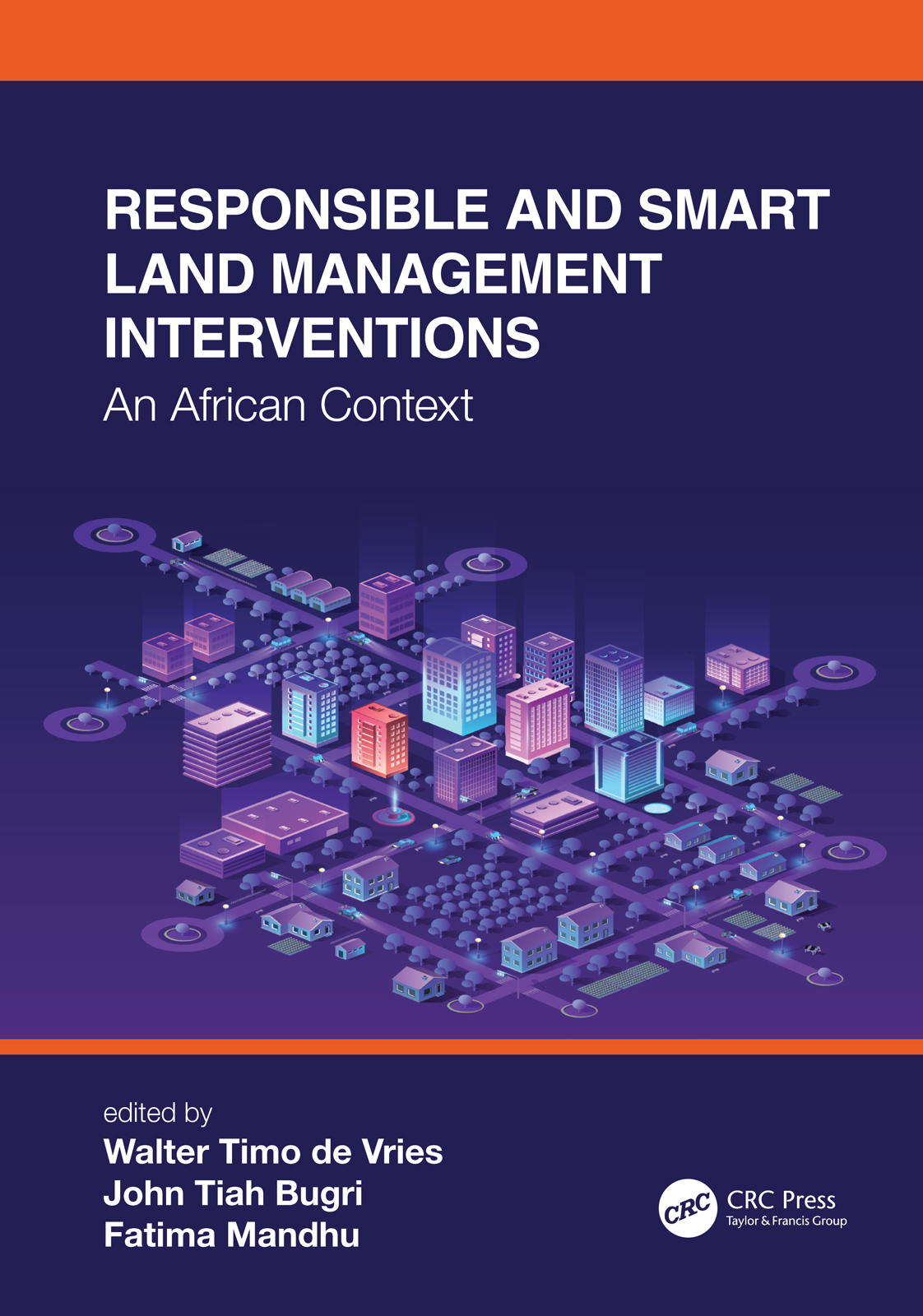
Responsible and Smart Land Management Interventions This book showcases new empirical findings on the conceptualization, design, and evaluation of land management interventions and addresses two crucial aspects: how and under which conditions such interventions are responsible, and how such interventions can be supported by smart technologies. Responsible and Smart Land Management Interventions is for all types of actors in land management. Although primarily based on cases from Africa, it addresses land management issues from practical and theoretical perspectives relevant for land managers worldwide. It brings the discourse up to date and helps all practitioners designing new policies and those looking for new instruments to do so. Aimed at land academics, including students, teachers, and researchers, as well as practitioners, including those working within international organizations, donor organizations, NGOs, and land independent consultants, this book Delivers innovative methodologies for land management for professionals involved in land administration projects Explores land management from a geodetic and spatial planning perspective Includes real cases, empirical data, and analysis in contemporary and alternative land management developments in Africa Addresses important land issues which contribute to national development and achieving United Nations' SDGs Discusses contemporary research findings related to societal needs in land administration which are equally valid for non-African contexts Acts as a new teaching resource for land management and land administration courses, and land-related disciplines in geodesy, human geography, development studies, and environmental planning TECHNOLOGY & ENGINEERING,Surveying
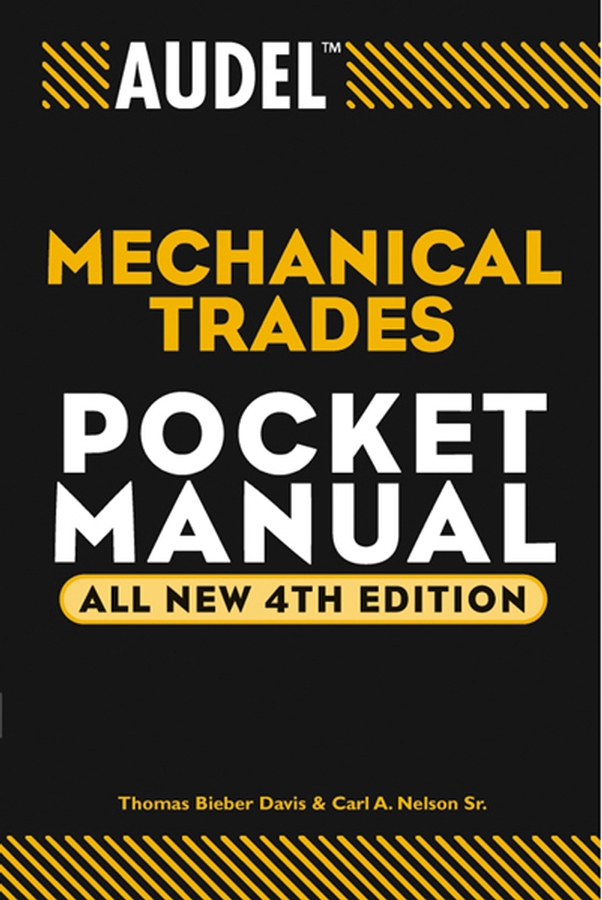
Audel Mechanical Trades Pocket Manual This tool needs no maintenance Fully revised and updated, this convenient guide covers the latest industrial equipment as well as all the tools and machines prevalent in older plants, even those from the early 1970s and before. Your complete reference tool * Discusses machinery installation, welding, rigging, carpentry, basic electricity, and more * Features a chapter on safety issues * Covers belts, drives, transmissions, and bearings * Examines automatic sprinkler systems * Offers tips for preventive maintenance * Includes coverage of piping and pipefitting * Reviews shop mathematics, geometry, and trigonometry TECHNOLOGY & ENGINEERING,Technical & Manufacturing Industries & Trades
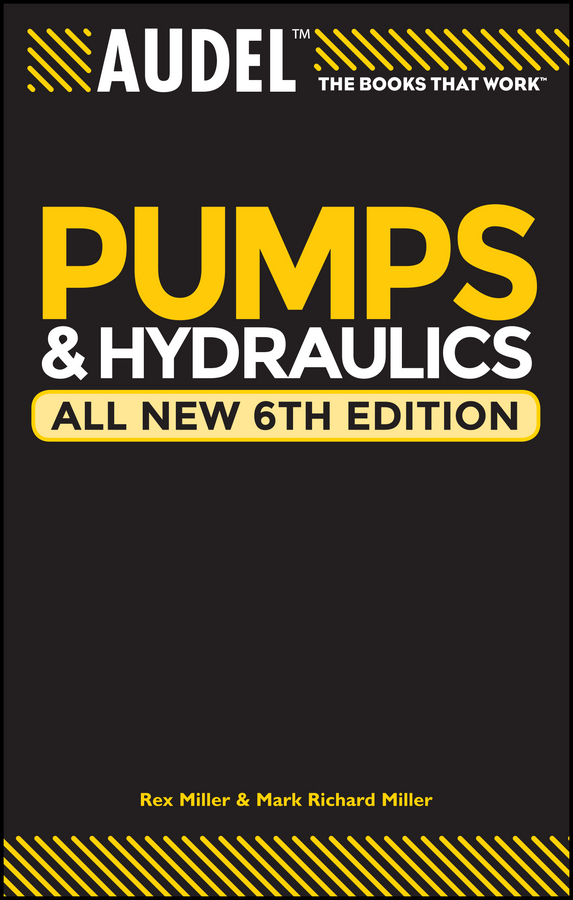
Audel Pumps and Hydraulics Pull up what you need to know Pumps and hydraulic equipment are now used in more facets of industry than ever before. Whether you are a pump operator or you encounter pumps and hydraulic systems through your work in another skilled trade, a basic knowledge of the practical features, principles, installation, and maintenance of such systems is essential. You'll find it all here, fully updated with real-world examples and 21st-century applications. Learn to install and service pumps for nearly any application Understand the fundamentals and operating principles of pump controls and hydraulics Service and maintain individual pumping devices that use smaller motors See how pumps are used in robotics, taking advantage of hydraulics to lift larger, heavier loads Handle new types of housings and work with the latest electronic controls Know the appropriate servicing schedule for different types of pumping equipment Install and troubleshoot special-service pumps TECHNOLOGY & ENGINEERING,Technical & Manufacturing Industries & Trades
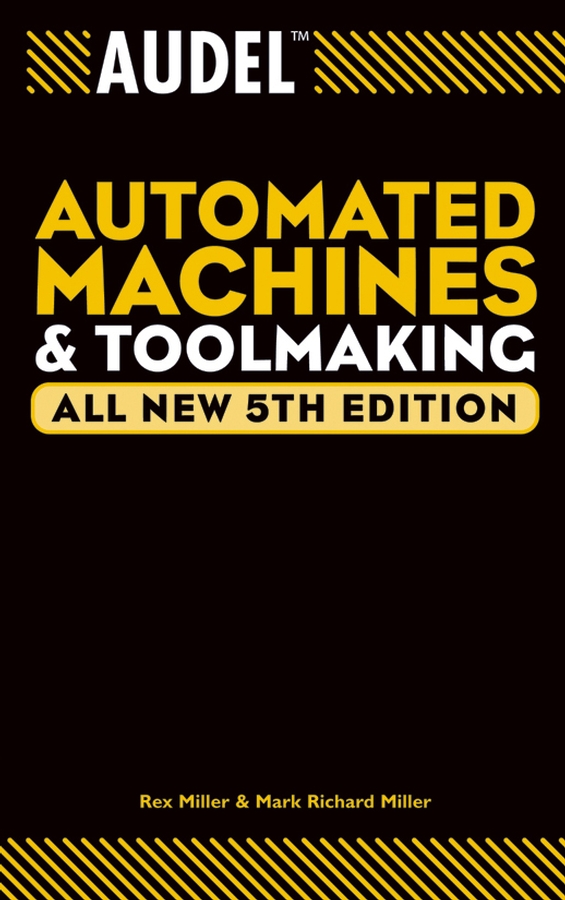
Audel Automated Machines and Toolmaking Master today's toolmaking equipment Here, fully updated to include new machines and electronic and digital controls, is the ultimate guide to automated machines and toolmaking. Whether you're a professional machinist, an apprentice, or a trade student, this fully illustrated volume helps you work with metal-safely, precisely, efficiently-using today's tools and techniques. It's packed with review questions for students, and loaded with answers you need on the job. * Understand automated machine fundamentals and work with jigs and fixtures * Learn the basics of spiral and helix milling, gear cutting, and cam machining * Discover how to cut, punch, or shape a die with minimum waste * Master the operations of today's grinders and lapping machines * Find out all about toolmaking, from allowances and tolerances to layouts and master plates * Follow the clear, step-by-step illustrations to gain a hands-on knowledge of techniques and procedures TECHNOLOGY & ENGINEERING,Technical & Manufacturing Industries & Trades
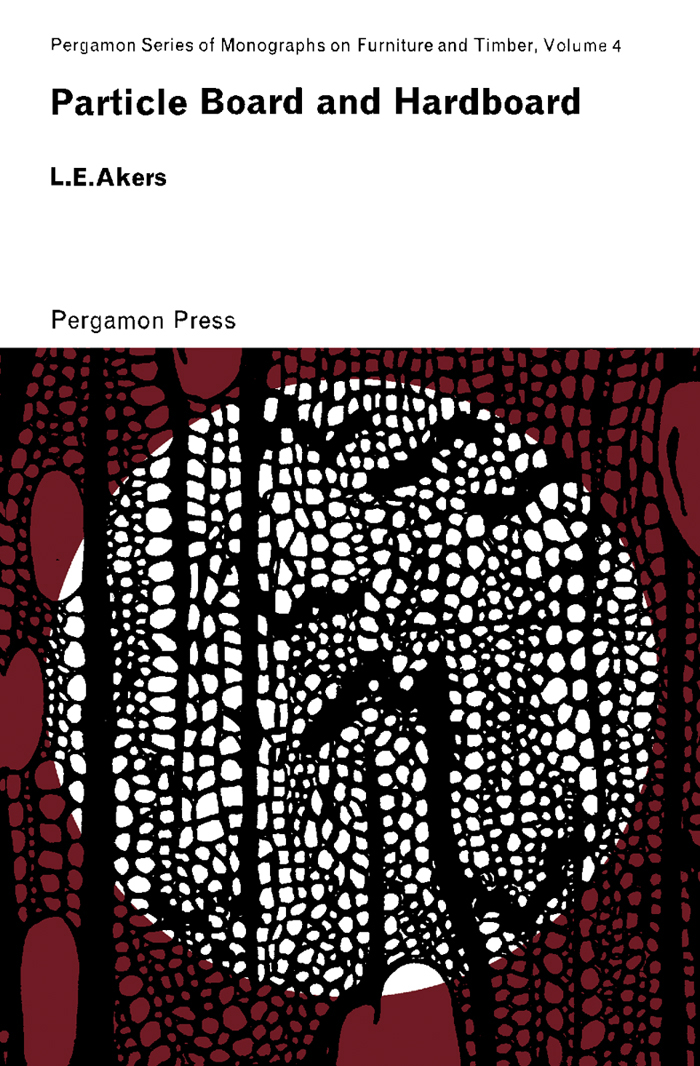
Particle Board and Hardboard Pergamon Series of Monographs on Furniture and Timber, Volume 4: Particle Board and Hardboard focuses on particle boards, which are described as a sheet material manufactured from small pieces of wood or other ligno-cellulosic materials agglomerated by use of an organic binder together with agents such as heat, pressure, moisture, and catalyst. This book is divided into two parts. Part I concentrates on the types; methods of manufacture; physical and strength properties; tests, test methods, and quality evaluation; handling and machining; utilization in furniture and building of particle boards. In Part II, a brief discussion on the types, manufacture, properties, and applications of hard board is provided. The last part of this text is devoted to a glossary of terms relating to particle board, hardboard, and similar products. This volume is valuable to builders, architects, joiners, furniture designers, interior designers, and manufacturers of any products requiring flat, plane surfaced material for painting, veneering, or the application of laminated plastics. TECHNOLOGY & ENGINEERING,Technical & Manufacturing Industries & Trades

The Physics of Welding The Physics of Welding, Second Edition covers advances in welding physics. The book describes symbols, units and dimensions; the physical properties of fluids at elevated temperatures; and electricity and magnetism. The text also discusses fluid and magneto fluid dynamics; the electric arc; and the electric arc in welding. Metal transfer and mass flow in the weld pool, as well as high power density welding are also tackled. Students interested in welding physics will find the book useful. TECHNOLOGY & ENGINEERING,Technical & Manufacturing Industries & Trades
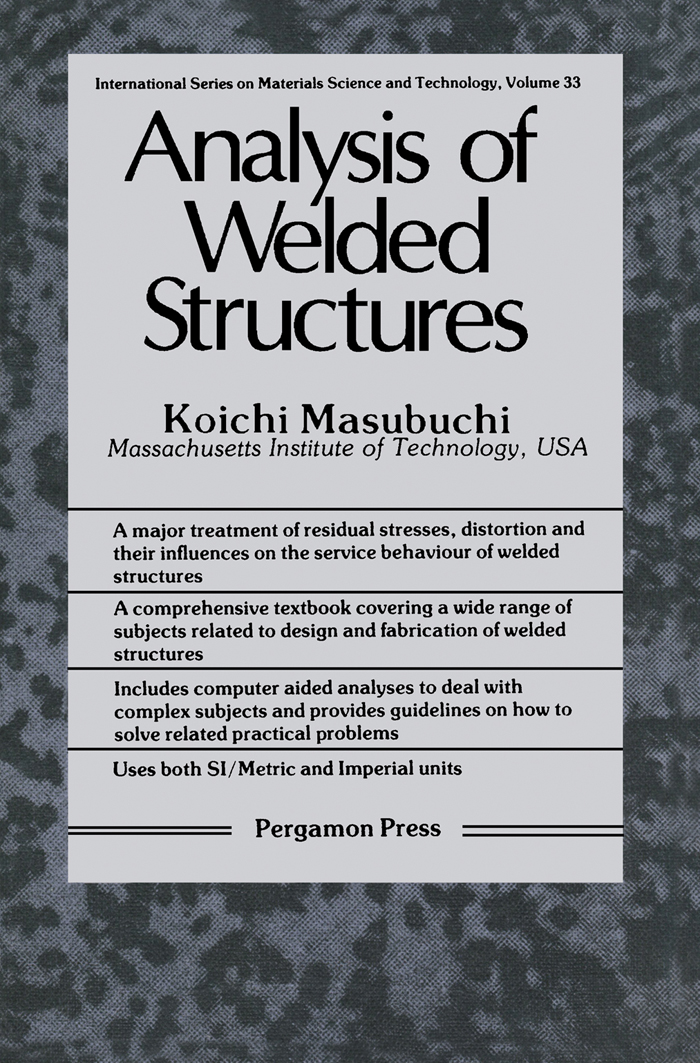
Analysis of Welded Structures Analysis of Welded Structures: Residual Stresses, Distortion, and their Consequences encompasses several topics related to design and fabrication of welded structures, particularly residual stresses and distortion, as well as their consequences. This book first introduces the subject by presenting the advantages and disadvantages of welded structures, as well as the historical overview of the topic and predicted trends. Then, this text considers residual stresses, heat flow, distortion, fracture toughness, and brittle and fatigue fractures of weldments. This selection concludes by discussing the effects of distortion and residual stresses on buckling strength of welded structures and effects of weld defects on service behavior. This book also provides supplementary discussions on some related and selected subjects. This text will be invaluable to metallurgists, welders, and students of metallurgy and welding. TECHNOLOGY & ENGINEERING,Technical & Manufacturing Industries & Trades
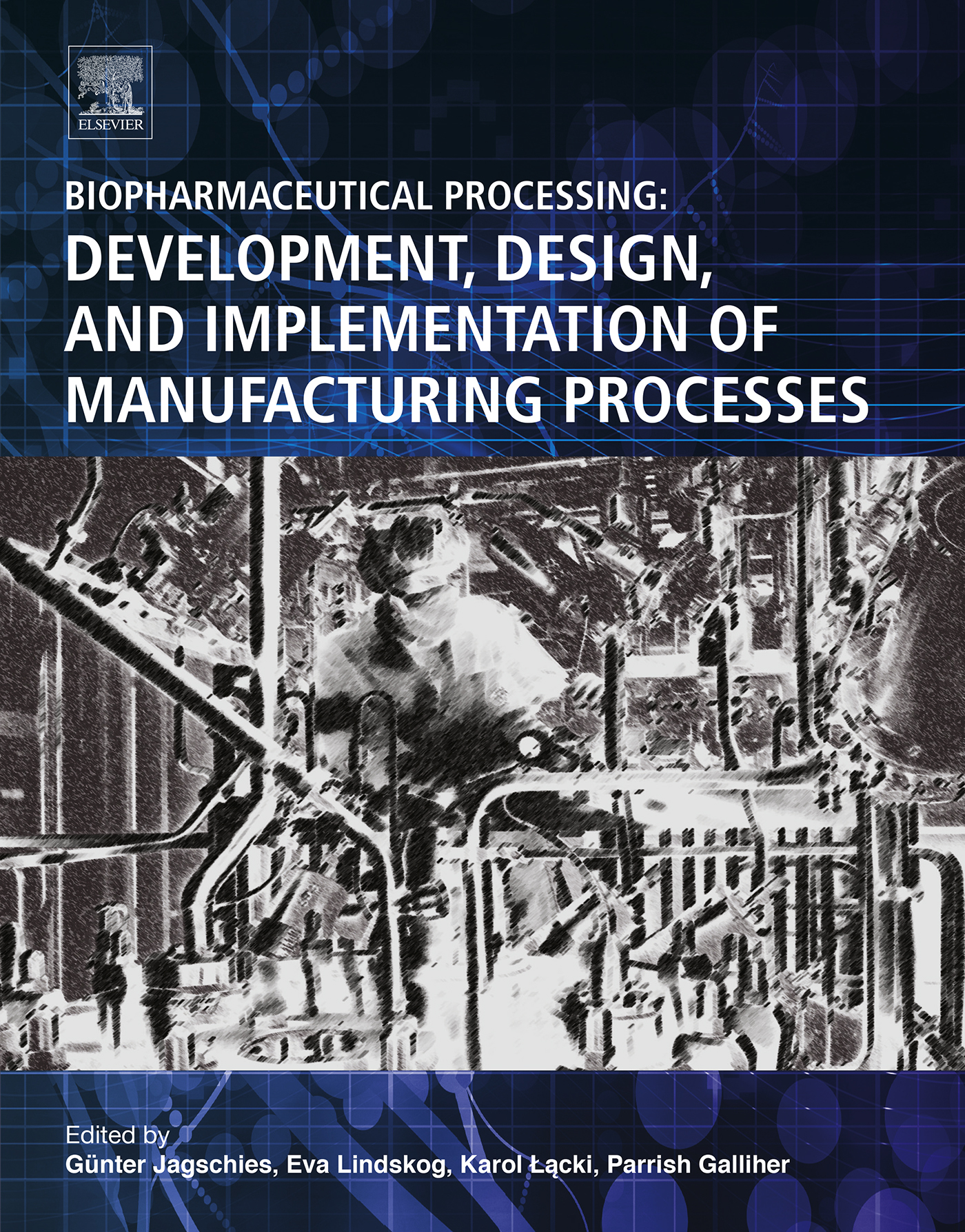
Biopharmaceutical Processing Biopharmaceutical Processing: Development, Design, and Implementation of Manufacturing Processes covers bioprocessing from cell line development to bulk drug substances. The methods and strategies described are essential learning for every scientist, engineer or manager in the biopharmaceutical and vaccines industry. The integrity of the bioprocess ultimately determines the quality of the product in the biotherapeutics arena, and this book covers every stage including all technologies related to downstream purification and upstream processing fields. Economic considerations are included throughout, with recommendations for lowering costs and improving efficiencies. Designed for quick reference and easy accessibility of facts, calculations and guidelines, this book is an essential tool for industrial scientists and managers in the biopharmaceutical industry. Offers a comprehensive, go-to reference for daily work decisions Covers both upstream and downstream processes Includes case studies that emphasize financial outcomes Presents summaries, decision grids, graphs and overviews for quick reference TECHNOLOGY & ENGINEERING,Technical & Manufacturing Industries & Trades

Welding Welding is an essential technique for a wide range of jobs in the workshop. Whether you are new to welding or ready to try the more advanced techniques, this practical guide gives a thorough introduction to the method, and suggests ways of improving your skills to achieve professional and safe results.Explains the different types of welding and when they are best used.Advises on choosing equipment and its maintenance.Demonstrates the processes with clear, step-by-step photographs.Emphasizes safety and best practice.Aimed at everyone who needs to weld and has a workshop - modellers, theatre designers, automotive repair and restorers and farmers.A practical guide to the different types of welding and advise on equipment and its maintenance.Superbly illustrated with 280 step-by-step colour photographs.The first in a new series Crowood's Metalworking Guides. TECHNOLOGY & ENGINEERING,Technical & Manufacturing Industries & Trades
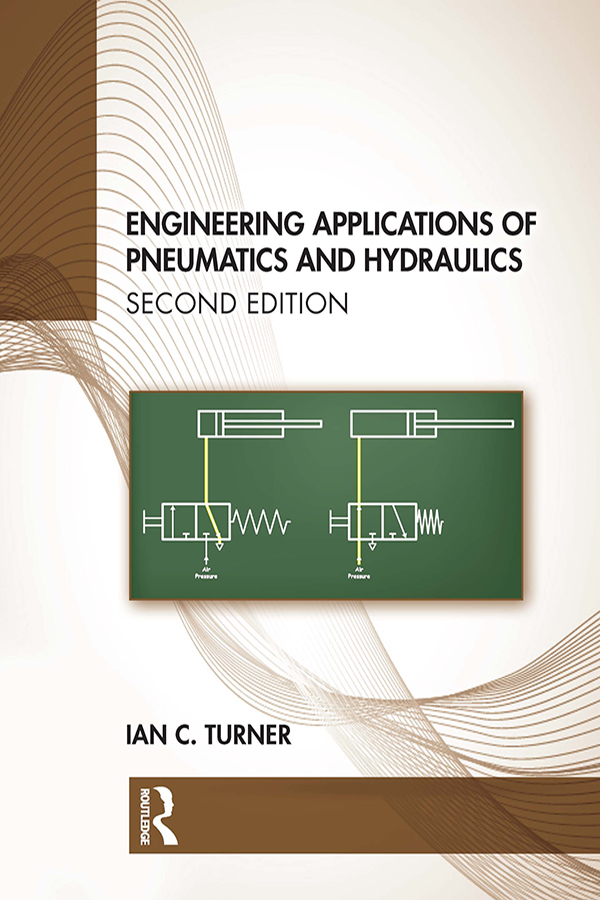
Engineering Applications of Pneumatics and Hydraulics Requiring only a basic knowledge of the physics of fluids, Engineering Applications of Pneumatics and Hydraulics provides a sound understanding of fluid power systems and their uses within industry. It takes a strongly practical approach in describing pneumatics and hydraulics in modern industry and is filled with diagrams of components, equipment and plant. The pneumatic and hydraulic graphical symbols used in everyday fluid power systems and circuits are particularly explained and well illustrated. In addition to descriptions of equipment and plant, maintenance and troubleshooting is also covered, with an emphasis on safety systems and safety regulations. This second edition delves into the same fluid power technical areas as in the first edition, but with a complete update of current safety legislation and guidance on the latest regulations. Codes of practice, technical standards and standardisation organisations have also been updated to enable readers to search for the newest information and requirements regarding the use and application of pneumatics and hydraulics in industry whilst reflecting advances in technology. The book is written for students from levels 3 to 5, and for a wide range of practising engineers, especially in the engineering disciplines of mechanical, plant, process and operations engineering, as well as measurement and control engineering within mechatronics. TECHNOLOGY & ENGINEERING,Technical & Manufacturing Industries & Trades
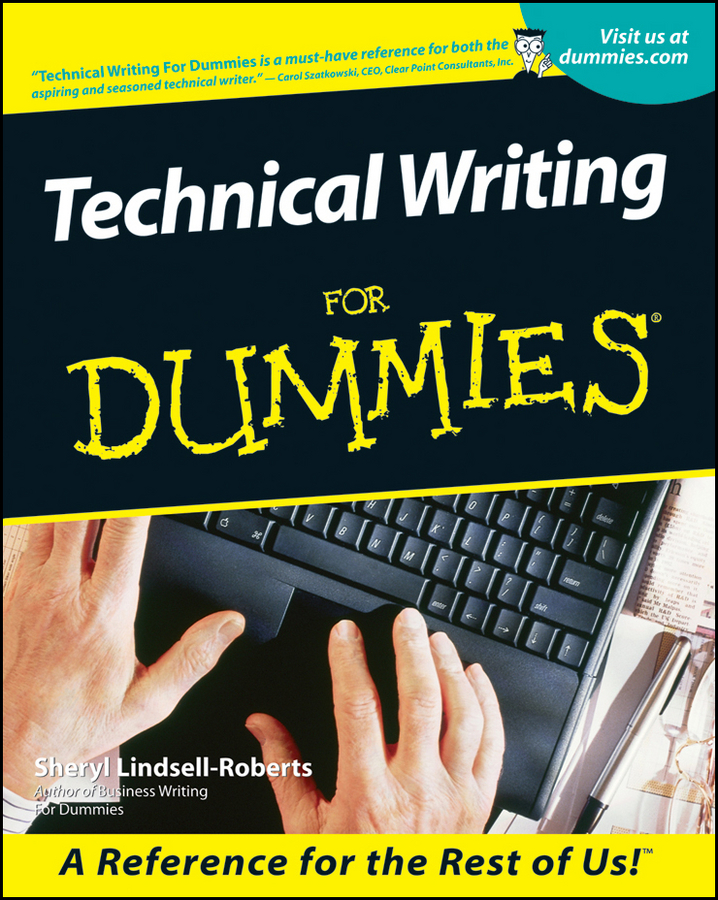
Technical Writing For Dummies Let’s face it, a lot of technical documentation reads as if it had been translated into English from Venutian by a native speaker of gibberish. Which is annoying for you and expensive for the manufacturer who pays with alienated customers and soaring technical support costs. That’s why good technical writers are in such big demand worldwide. Now, Technical Writing For Dummies arms you with the skills you need to cash in on that demand. Whether you’re contemplating a career as a technical writer, or you just got tapped for a technical writing project, this friendly guide is your ticket to getting your tech writing skills up to snuff. It shows you step-by-step how to: Research and organize information for your documents Plan your project in a technical brief Fine-tune and polish your writing Work collaboratively with your reviewers Create great user manuals, awesome abstracts, and more Write first-rate electronic documentation Write computer- and Web-based training courses Discover how to write energized technical documents that have the impact you want on your readers. Wordsmith Sheryl Lindsell-Roberts covers all the bases, including: All about the red-hot market for technical writing and how to get work as a technical writer The ABCs of creating a strong technical document, including preparing a production schedule, brainstorming, outlining, drafting, editing, rewriting, testing, presentation, and more Types of technical documents, including user manuals, abstracts, spec sheets, evaluation forms and questionnaires, executive summaries, and presentations Writing for the Internet—covers doing research online, creating multimedia documents, developing computer-based training and Web-based training, and writing online help Combining examples, practical advice, and priceless insider tips on how to write whiz-bang technical documents, Technical Writing For Dummies is an indispensable resource for newcomers to technical writing and pros looking for new ideas to advance their careers. TECHNOLOGY & ENGINEERING,Technical Writing
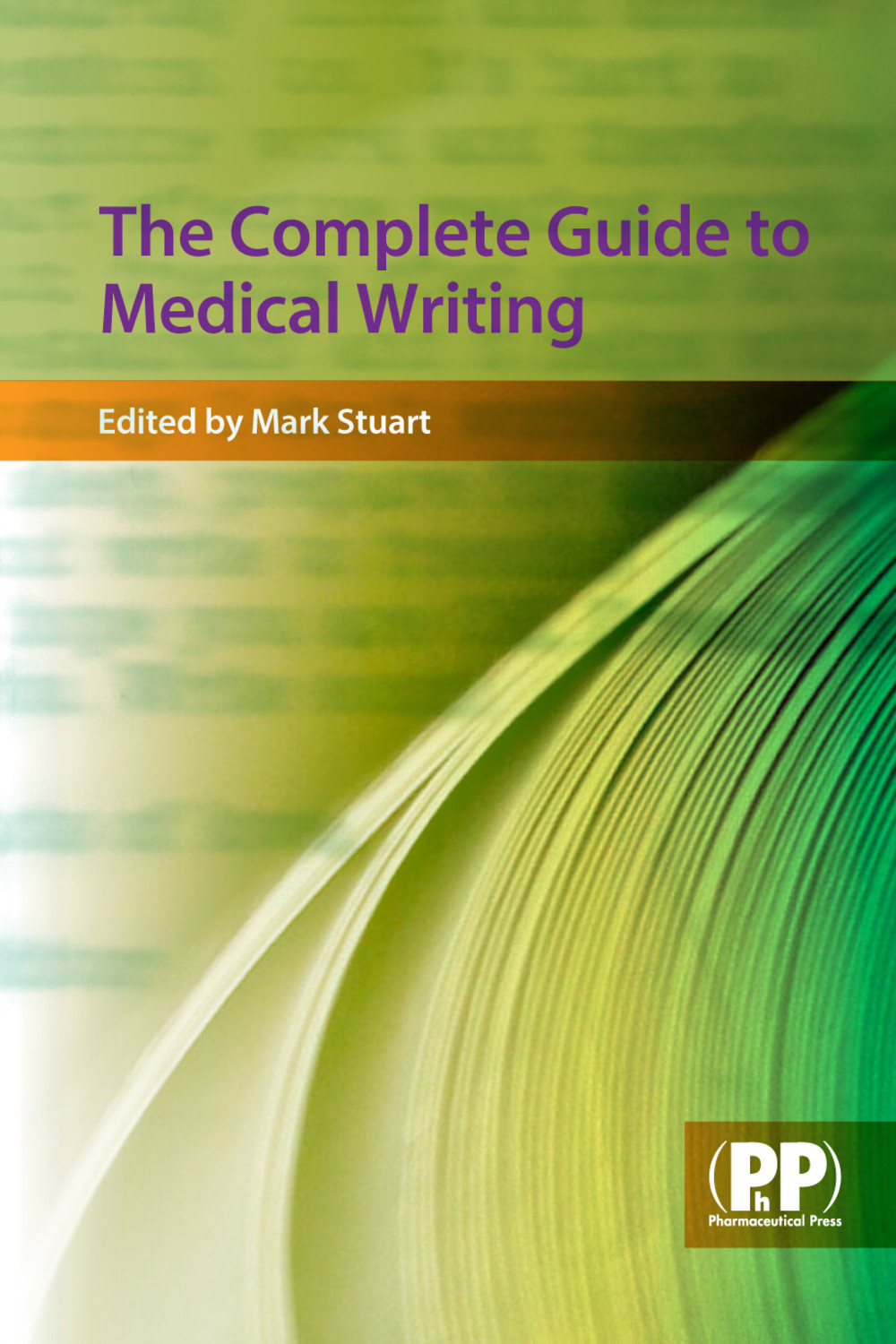
The Complete Guide to Medical Writing This book provides an overview to the novice medical writer by explaining how to get published, how to write for a particular audience or in a particular media, what the publishing processes are and what the financial rewards might be. TECHNOLOGY & ENGINEERING,Technical Writing
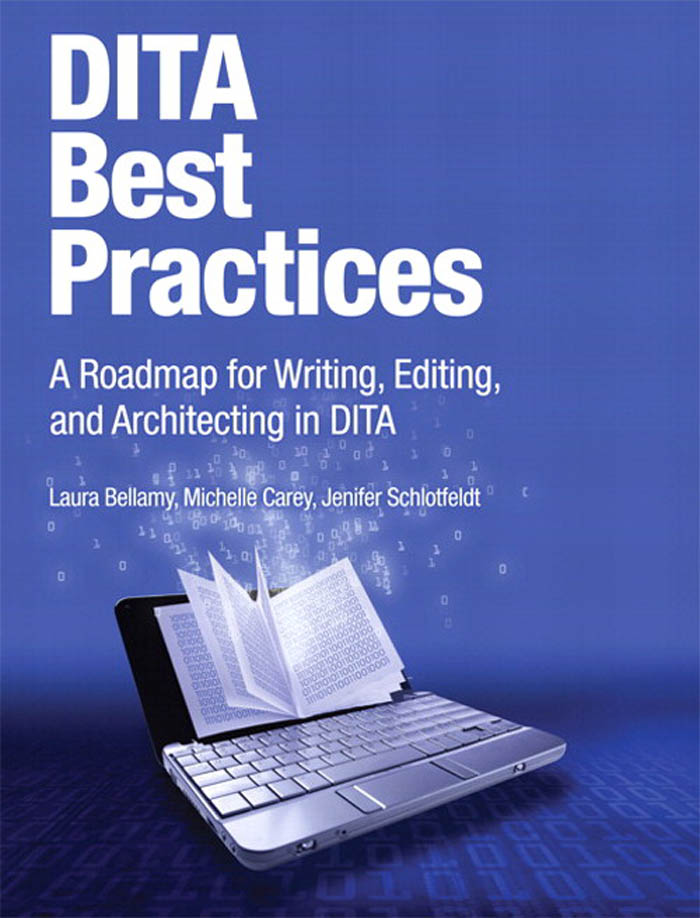
DITA Best Practices The Start-to-Finish, Best-Practice Guide to Implementing and Using DITA Darwin Information Typing Architecture (DITA) is today’s most powerful toolbox for constructing information. By implementing DITA, organizations can gain more value from their technical documentation than ever before. Now, three DITA pioneers offer the first complete roadmap for successful DITA adoption, implementation, and usage. Drawing on years of experience helping large organizations adopt DITA, the authors answer crucial questions the “official†DITA documents ignore, including: Where do you start? What should you know up front? What are the pitfalls in implementing DITA? How can you avoid those pitfalls? The authors begin with topic-based writing, presenting proven best practices for developing effective topics and short descriptions. Next, they address content architecture, including how best to set up and implement DITA maps, linking strategies, metadata, conditional processing, and content reuse. Finally, they offer “in the trenches†solutions for ensuring quality implementations, including guidance on content conversion. Coverage includes: Knowing how and when to use each DITA element–and when not to Writing “minimalist,†task-oriented information that quickly meets users’ needs Creating effective task, concept, and reference topics for any product, technology, or service Writing effective short descriptions that work well in all contexts Structuring DITA maps to bind topics together and provide superior navigation Using links to create information webs that improve retrievability and navigation Gaining benefits from metadata without getting lost in complexity Using conditional processing to eliminate redundancy and rework Systematically promoting reuse to improve quality and reduce costs Planning, resourcing, and executing effective content conversion Improving quality by editing DITA content and XML markup¿ If you’re a writer, editor, information architect, manager, or consultant who evaluates, deploys, or uses DITA, this book will guide you all the way to success. Also see the other books in this IBM Press series: Developing Quality Technical Information: A Handbook for Writers and Editors The IBM Style Guide: Conventions for Writers and Editors TECHNOLOGY & ENGINEERING,Technical Writing
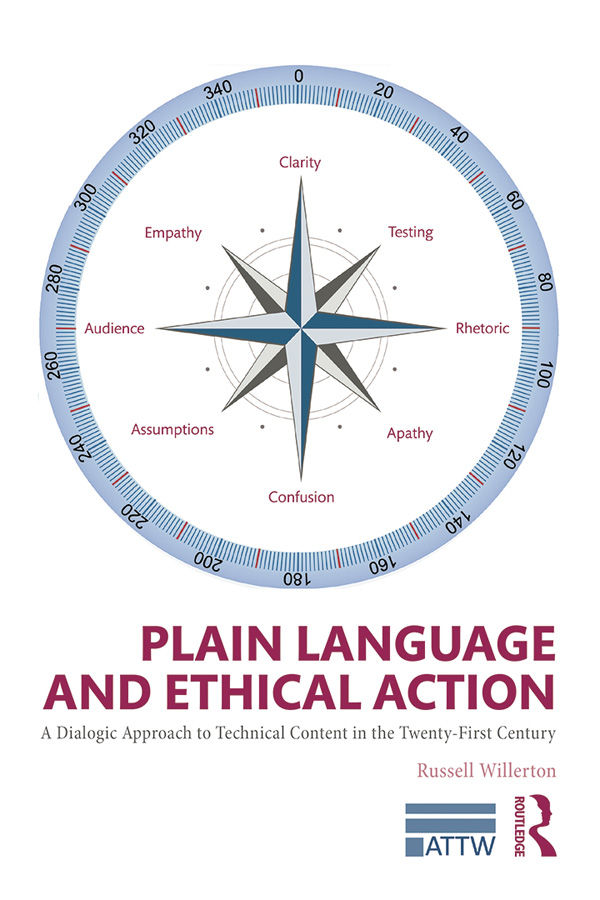
Plain Language and Ethical Action Plain Language and Ethical Action examines and evaluates principles and practices of plain language that technical content producers can apply to meet their audiences’ needs in an ethical way. Applying the BUROC framework (Bureaucratic, Unfamiliar, Rights-Oriented, and Critical) to identify situations in which audiences will benefit from plain language, this work offers in-depth profiles show how six organizations produce effective plain-language content. The profiles show plain-language projects done by organizations ranging from grassroots volunteers on a shoe-string budget, to small nonprofits, to consultants completing significant federal contacts. End-of-chapter questions and exercises provide tools for students and practitioners to reflect on and apply insights from the book. Reflecting global commitments to plain language, this volume includes a case study of a European group based in Sweden along with results from interviews with plain-language experts around the world, including Canada, England, South Africa. Portugal, Australia, and New Zealand. This work is intended for use in courses in information design, technical and professional communication, health communication, and other areas producing plain language communication. It is also a crucial resource for practitioners developing plain-language technical content and content strategists in a variety of fields, including health literacy, technical communication, and information design. TECHNOLOGY & ENGINEERING,Technical Writing
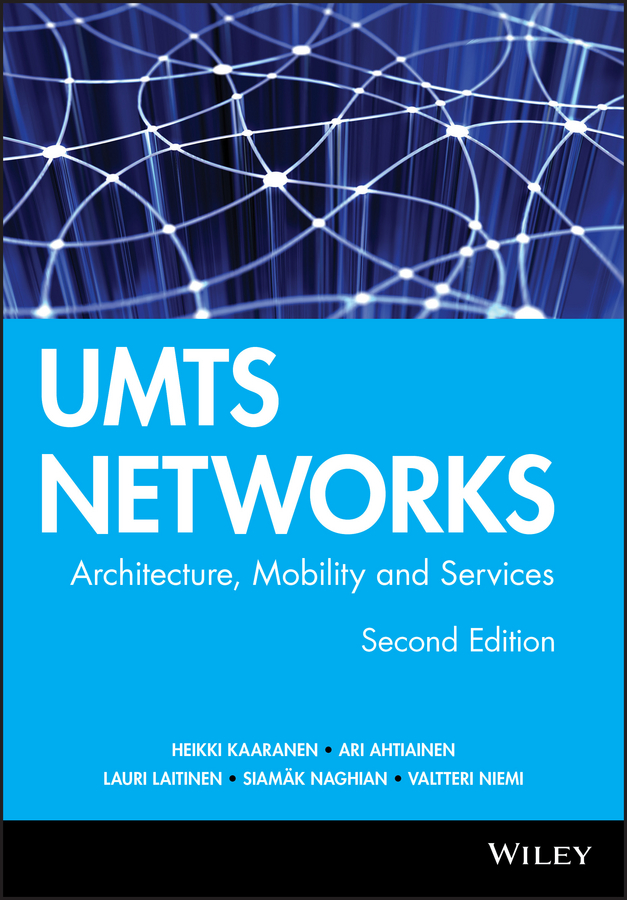
UMTS Networks Building on the success of the first edition, UMTS Networks second edition allows readers to continue their journey through UMTS up to the latest 3GPP standardization phase, Release 5. Containing revised, updated and brand new material, it provides a comprehensive view on the UMTS network architecture and its latest developments. Accompanied by numerous illustrations, the practical approach of the book benefits from the authors’ pioneering research and training in this field. Provides a broad yet detailed overview of the latest worldwide developments in UMTS technology. Includes brand new sections on the IP Multimedia Subsystem and High Speed Downlink Packet Access according to 3GPP Release 5 specifications. Contains heavily revised sections on the evolution from GSM to UMTS Multi-access, the UMTS Radio Access Network, the UMTS Core Network and services. Includes updated versions on services in the UMTS environment, security in the UMTS environment and UMTS protocols. Illustrates all points with cutting-edge practical examples gleaned from the authors’ research and training at the forefront of UMTS. The illustrative, hands-on approach will appeal to operators, equipment vendors, systems designers, developers and marketing professionals who require comprehensive, practical information on the latest developments in UMTS. This second edition will also benefit students and researchers in the field of mobile networking. TECHNOLOGY & ENGINEERING,Telecommunications
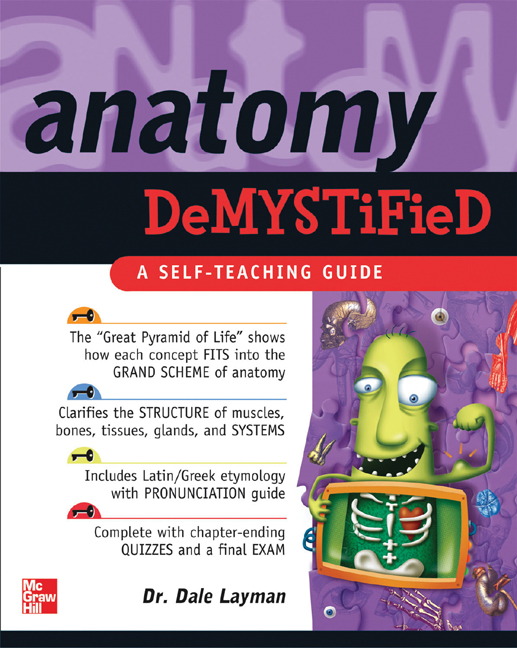
Anatomy Demystified Say goodbye to dry presentations, grueling formulas, and abstract theories that would put Einstein to sleep -- now there's an easier way to master the disciplines you really need to know. McGraw-Hill's Demystified Series teaches complex subjects in a unique, easy-to-absorb manner, and is perfect for users without formal training or unlimited time. They're also the most time-efficient, interestingly written "brush-ups" you can find. Organized as self-teaching guides, they come complete with key points, background information, questions at the end of each chapter, and even final exams. You'll be able to learn more in less time, evaluate your areas of strength and weakness and reinforce your knowledge and confidence. This clear, heavily-illustrated guide to the human body covers anatomy of cells and tissues, muscle tissue, major muscles of the body, nervous tissue, membranes, organs, cancer, the skin, the human skeleton, the nervous system, glands, the senses, the cardiovascular system, the immune system, the respiratory system, digestion, genitourinary system, the embryo, and more. TECHNOLOGY & ENGINEERING,Telecommunications
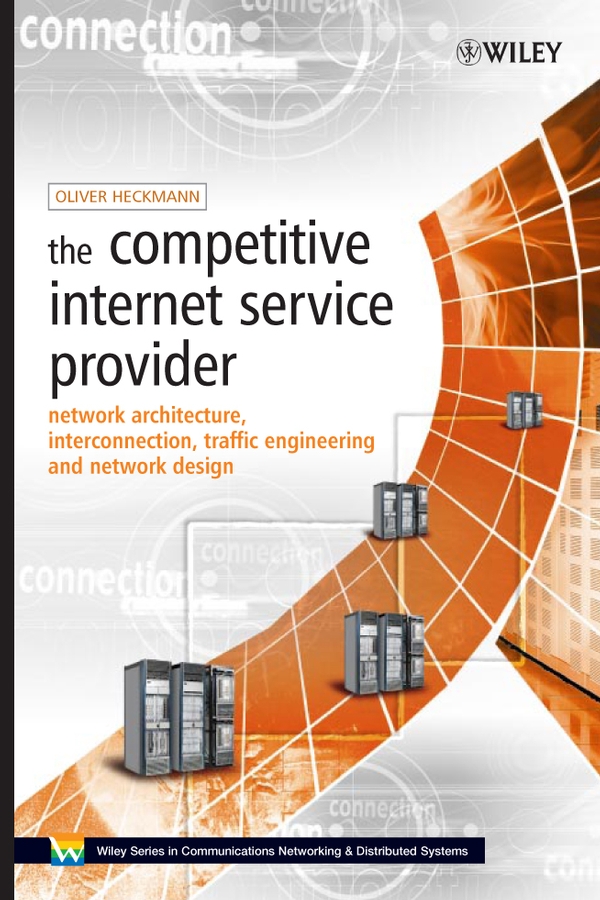
The Competitive Internet Service Provider Due to the dramatic increase in competition over the last few years, it has become more and more important for Internet Service Providers (ISPs) to run an efficient business and offer an adequate Quality of Service. The Competitive Internet Service Provider is a comprehensive guide for those seeking to do just that. Oliver Heckmann approaches the issue from a system point of view, looking not only at running a network, but also at connecting the network with peering and transit partners or planning the expansion of the network. The Competitive Internet Service Provider: Offers an advanced reference on the topic, drawing on state-of-the art research in network technology. Clearly defines the criteria enabling ISPs to operate with the greatest efficiency and deliver adequate Quality of Service. Discusses the implications of the future multiservice Internet and multimedia applications such as Voice over IP, peer-to-peer, or network games. Delivers a comparative evaluation of different feasible Quality of Service approaches. Explores scientific methods such as queuing theory, network calculus, and optimization theory. Illustrates concepts throughout with mathematical models and simulations. This invaluable reference will provide academic and industrial researchers in the field of network and communications technology, graduate students on telecommunications courses, as well as ISP managers, engineers and technicians, equipment manufacturers and consultants, with an understanding of the concepts and issues involved in running a successful ISP. TECHNOLOGY & ENGINEERING,Telecommunications
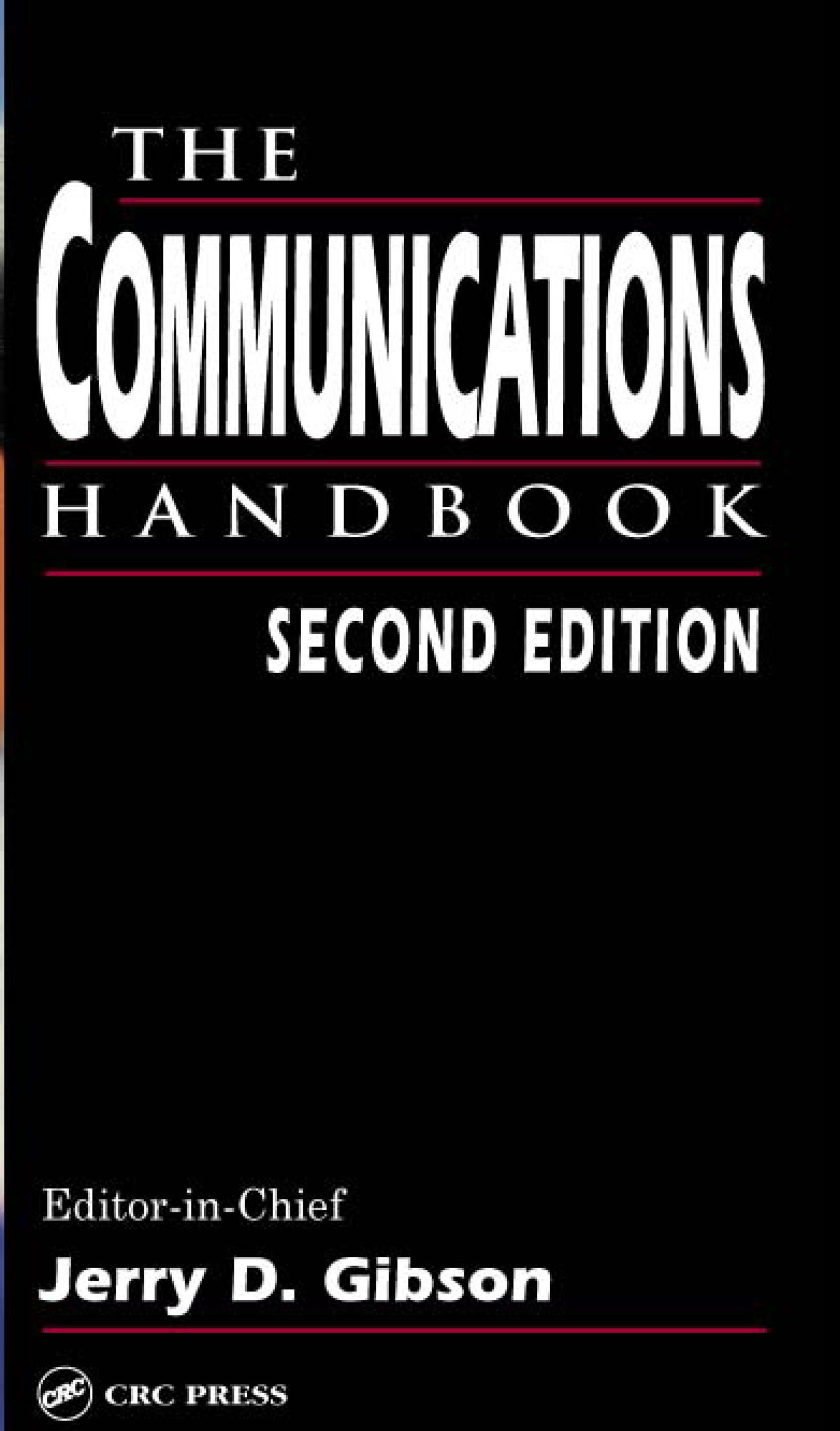
The Communications Handbook For more than six years, The Communications Handbook stood as the definitive, one-stop reference for the entire field. With new chapters and extensive revisions that reflect recent technological advances, the second edition is now poised to take its place on the desks of engineers, researchers, and students around the world. From fundamental theory to state-of-the-art applications, The Communications Handbook covers more areas of specialty with greater depth that any other handbook available. Telephony Communication networks Optical communications Satellite communications Wireless communications Source compression Data recording Expertly written, skillfully presented, and masterfully compiled, The Communications Handbook provides a perfect balance of essential information, background material, technical details, and international telecommunications standards. Whether you design, implement, buy, or sell communications systems, components, or services, you'll find this to be the one resource you can turn to for fast, reliable, answers. TECHNOLOGY & ENGINEERING,Telecommunications
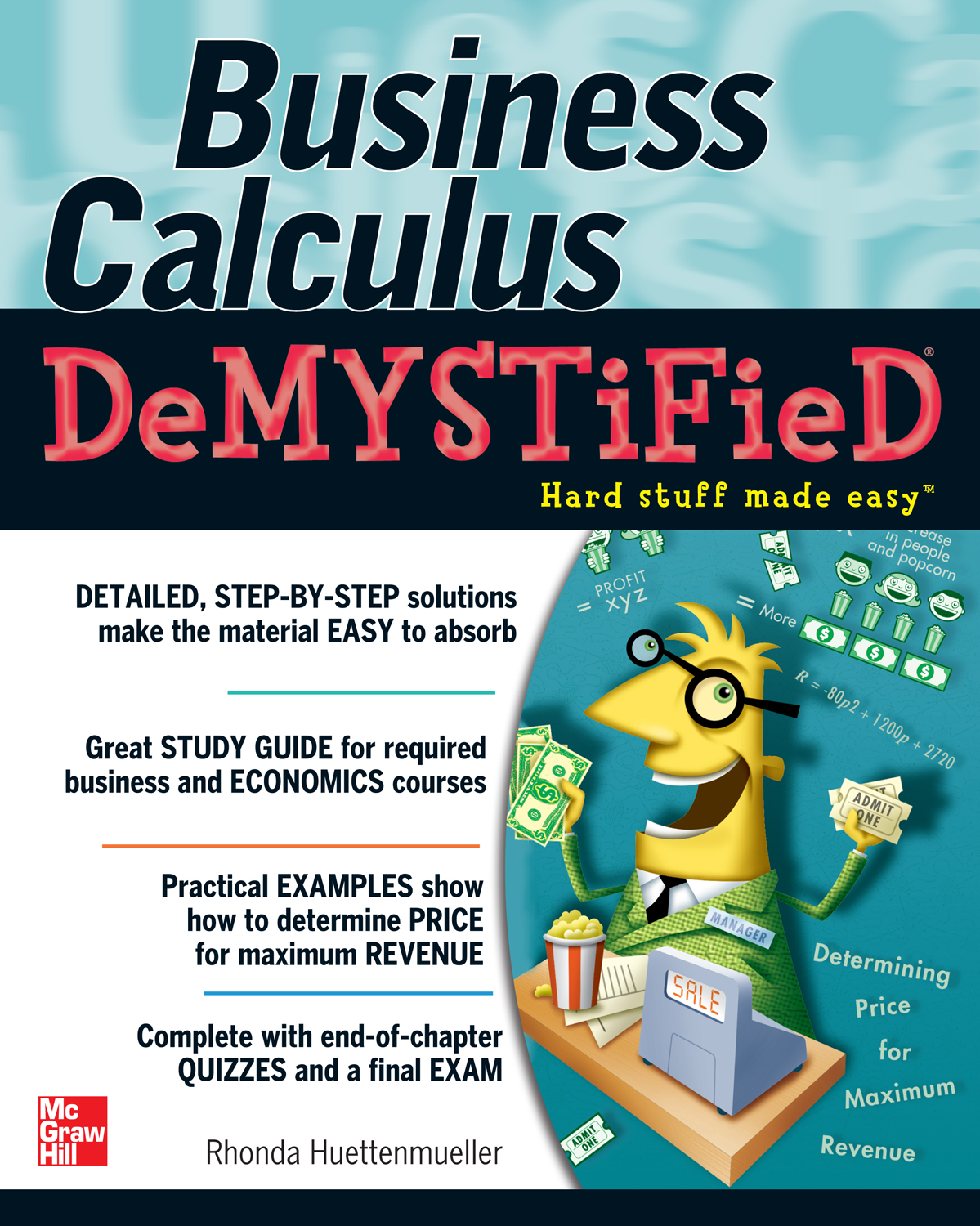
Business Calculus Demystified Take the FEAR OUT of Business Calculus Business Calculus Demystified clarifies the concepts and processes of calculus and demonstrates their applications to the workplace. Best-selling math author Rhonda Huettenmueller uses the same combination of winning step-by-step teaching techniques and real-world business and mathematical examples that have succeeded with tens of thousands of college students, regardless of their math experience or affinity for the subject. With Business Calculus Demystified, you learn at your own pace. You get explanations that make differentiation and integration -- the main concepts of calculus -- understandable and interesting. This unique self-teaching guide reinforces learning, builds your confidence and skill, and continuously demonstrates your mastery of topics with a wealth of practice problems and detailed solutions throughout, multiple-choice quizzes at the end of each chapter, and a "final exam" that tests your total understanding of business calculus. Learn business calculus for the real world! This self-teaching course conquers confusion with clarity and ease. Get ready to: Get a solid foundation right from the start with a review of algebra Master one idea per section -- develop complete, comfortable understanding of a topic before proceeding to the next Find a well-explained definition of the derivative and its properties; instantaneous rates of change; the power, product, quotient, and chain rules; and layering different formulas Learn methods for maximizing revenue and profit... minimizing cost... and solving other optimizing problems See how to use calculus to sketch graphs Understand implicit differentiation, rational functions, exponents, and logarithm functions -- learn how to use log properties to simplify differentiation Painlessly learn integration formulas and techniques and applications of the integral Take a "final exam" and grade it yourself! Who says business calculus has to be boring? Business Calculus Demystified is a lively and entertaining way to master this essential math subject! TECHNOLOGY & ENGINEERING,Telecommunications
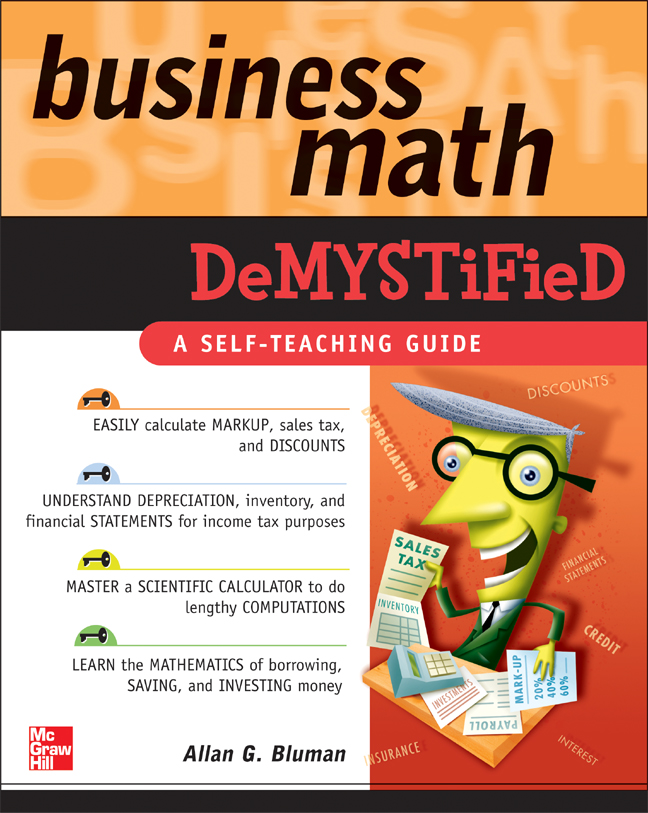
Business Math Demystified This work teaches business-management students all the basic mathematics used in a retail business and follows the standard curriculum of Business Math courses. TECHNOLOGY & ENGINEERING,Telecommunications

Differential Equations Demystified Here's the perfect self-teaching guide to help anyone master differential equations--a common stumbling block for students looking to progress to advanced topics in both science and math. Covers First Order Equations, Second Order Equations and Higher, Properties, Solutions, Series Solutions, Fourier Series and Orthogonal Systems, Partial Differential Equations and Boundary Value Problems, Numerical Techniques, and more. TECHNOLOGY & ENGINEERING,Telecommunications
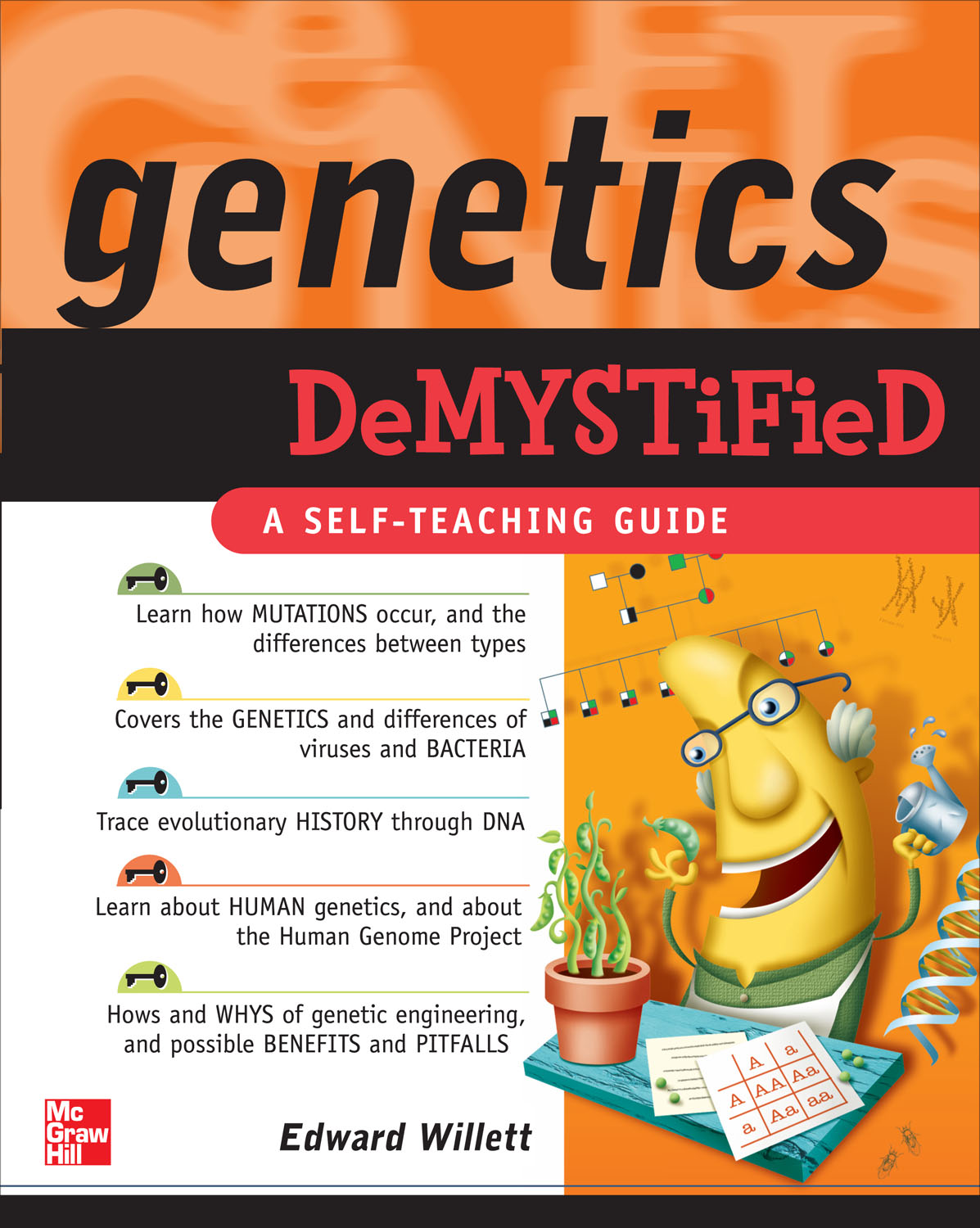
Genetics Demystified There’s no easier, faster, or more practical way to learn the really tough subjects Genetics Demystified offers an up-to-date, highly readable explanation of the basic principles of genetics, covering key topics such as human genetics, DNA, heredity, mutations, traits, chromosomes, and much more. This self-teaching guide comes complete with key points, background information, quizzes at the end of each chapter, and even a final exam. Simple enough for beginners but challenging enough for advanced students, this is a lively and entertaining brush-up, introductory text, or classroom supplement. TECHNOLOGY & ENGINEERING,Telecommunications
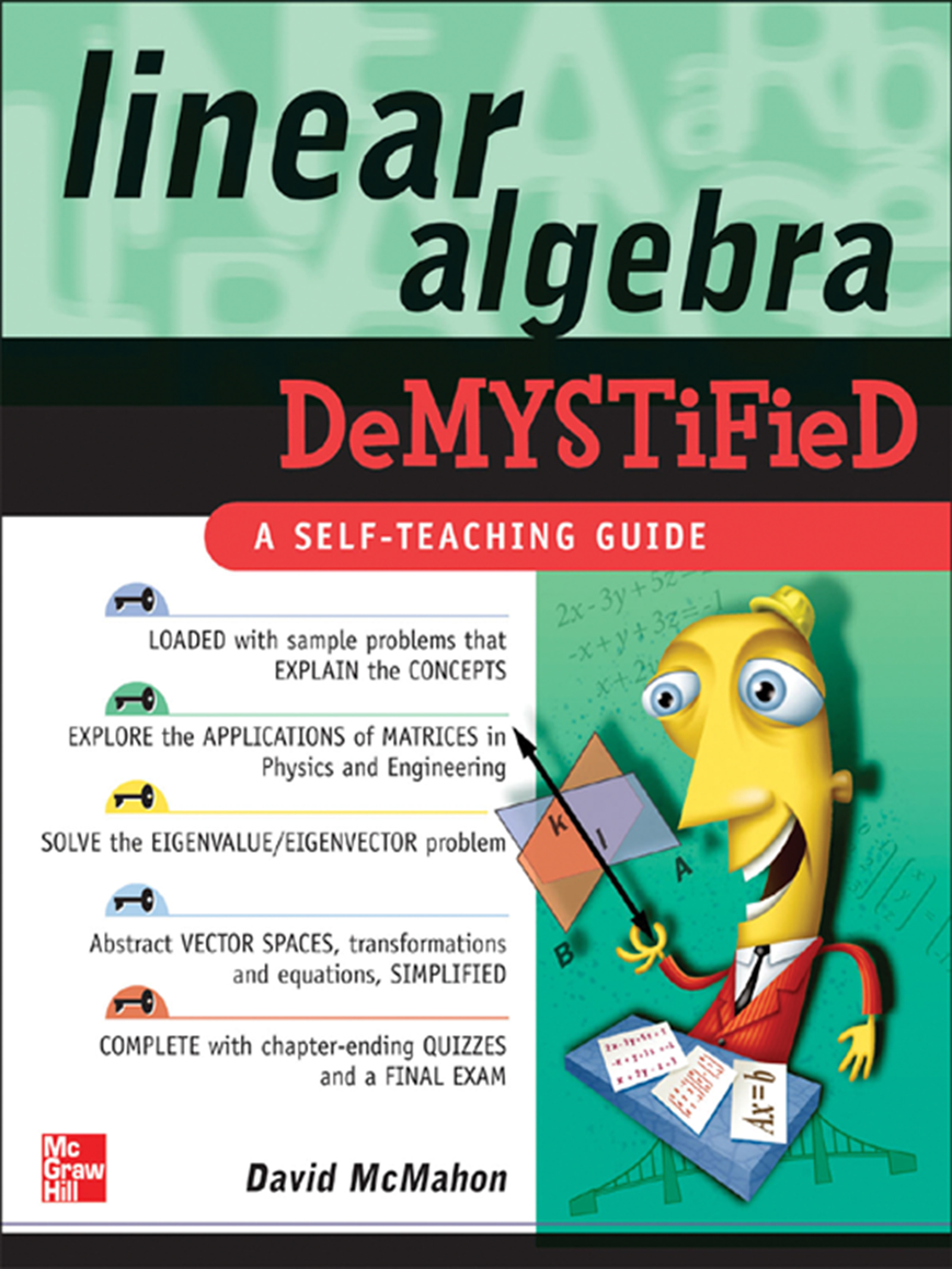
Linear Algebra Demystified Taught at junior level math courses at every university, Linear Algebra is essential for students in almost every technical and analytic discipline. TECHNOLOGY & ENGINEERING,Telecommunications
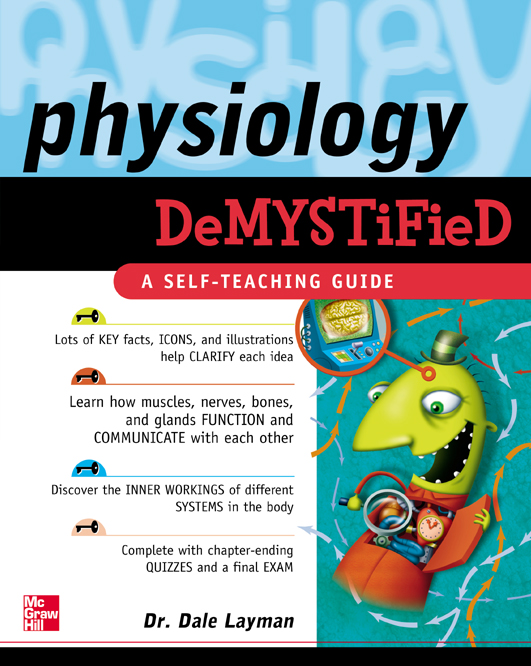
Physiology Demystified Say goodbye to dry presentations, grueling formulas, and abstract theories that would put Einstein to sleep -- now there's an easier way to master the disciplines you really need to know. McGraw-Hill's Demystified Series teaches complex subjects in a unique, easy-to-absorb manner, and is perfect for users without formal training or unlimited time. They're also the most time-efficient, interestingly written "brush-ups" you can find. Organized as self-teaching guides, they come complete with key points, background information, questions at the end of each chapter, and even final exams. You'll be able to learn more in less time, evaluate your areas of strength and weakness and reinforce your knowledge and confidence. A complete, self-teaching guide to the function and interaction of bodily systems, with coverage of: comparative physiology, functions at the chemical and cellular levels, organic compounds, the cell, physiology of muscle, nerves and glands, sensory physiology, motor functions, autonomic nerves and the endocrine system, air and blood transport, digestive and genitourinary systems, and more. TECHNOLOGY & ENGINEERING,Telecommunications

Communications Network Test & Measurement Handbook As digital communications networks grow in use and size throughout the world, the need for accurate, reliable test and measurement procedures has increased tremendously. This unique handbook provides the only comprehensive coverage of all the methodologies, data, and reference material necessary to master network instrumentation. In this single encyclopedic resource, engineers will discover how to apply all the test, measurement, and monitoring tools critical to network performance. The success of this richly illustrated handbook is further assured by its authorship--Clyde Coombs is the preeminent editor of electronics handbooks, with a 30 year track record of best sellers. TECHNOLOGY & ENGINEERING,Telecommunications

Advanced Calculus Demystified Your INTEGRAL tool for mastering ADVANCED CALCULUS Interested in going further in calculus but don't where to begin? No problem! With Advanced Calculus Demystified, there's no limit to how much you will learn. Beginning with an overview of functions of multiple variables and their graphs, this book covers the fundamentals, without spending too much time on rigorous proofs. Then you will move through more complex topics including partial derivatives, multiple integrals, parameterizations, vectors, and gradients, so you'll be able to solve difficult problems with ease. And, you can test yourself at the end of every chapter for calculated proof that you're mastering this subject, which is the gateway to many exciting areas of mathematics, science, and engineering. This fast and easy guide offers: Numerous detailed examples to illustrate basic concepts Geometric interpretations of vector operations such as div, grad, and curl Coverage of key integration theorems including Green's, Stokes', and Gauss' Quizzes at the end of each chapter to reinforce learning A time-saving approach to performing better on an exam or at work Simple enough for a beginner, but challenging enough for a more advanced student, Advanced Calculus Demystified is one book you won't want to function without! TECHNOLOGY & ENGINEERING,Telecommunications
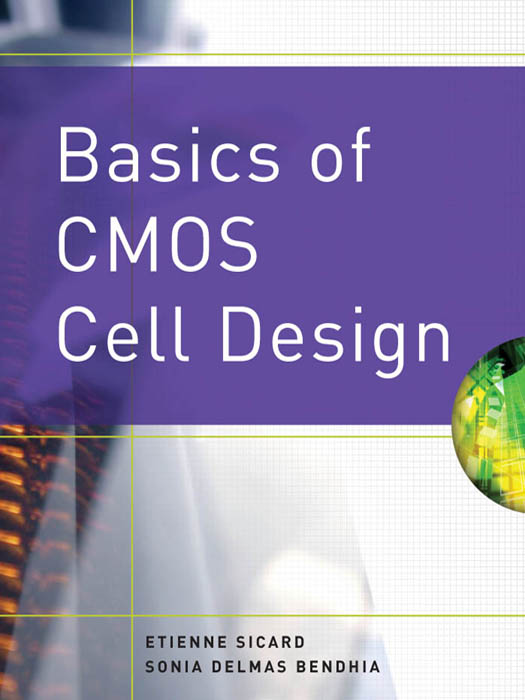
Basics of CMOS Cell Design Design and Simulate Any Type of CMOS Circuit! Electronic circuit designers and electronic engineering students can turn to Basics of CMOS Cell Design for a practice-based introduction to the design and simulation of every major type of CMOS (complementary metal oxide semiconductor) integrated circuit. You will find step-by-step explanations of everything they need for designing and simulating CMOS integrated circuits in deep-submicron technology, including MOS devices…inverters…interconnects…basic gates …arithmetics…sequential cell design…and analog basic cells. The book also presents design rules, Microwind program operation and commands, design logic editor operation and commands, and quick-reference sheets. Filled with 100 skills-building illustrations, Basics of CMOS Cell Design features: Expert guidance on MOS device modeling Complete details on micron and deep-submicron technologies Clear, concise information on basic logic gates Full coverage of analog cells A wealth of circuit simulation tools Inside This Landmark CMOS Circuit Design Guide— • MOS Devices and Technology • MOS Modeling • The Inverter • Interconnects • Basic Gates • Arithmetics • Sequential Cell Design • Analog Cells • Appendices: Design Rules; Microwind Program Operation and Commands; Design Logic Editor Operation and Commands; Quick- Reference Sheets TECHNOLOGY & ENGINEERING,Telecommunications
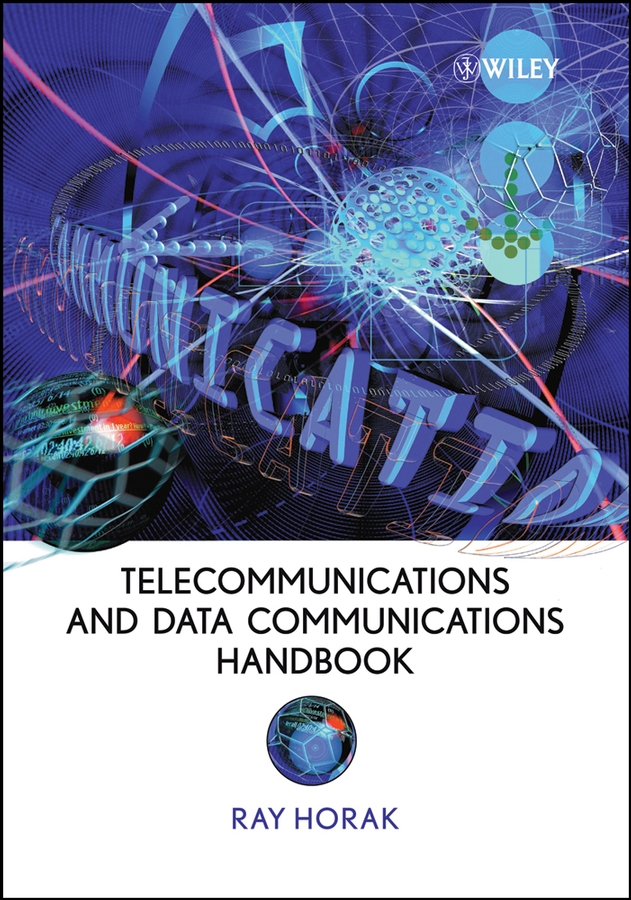
Telecommunications and Data Communications Handbook For an accessible and comprehensive survey of telecommunications and data communications technologies and services, consult the Telecommunications and Data Communications Handbook, which includes information on origins, evolution and meaningful contemporary applications. Find discussions of technologies set in context, with details on fiber optics, cellular radio, digital carrier systems, TCP/IP, and the Internet. Explore topics like Voice over Internet Protocol (VoIP); 802.16 & WiMAX; Passive Optical Network (PON); 802.11g & Multiple Input Multiple Output (MIMO) in this easily accessible guide without the burden of technical jargon. TECHNOLOGY & ENGINEERING,Telecommunications
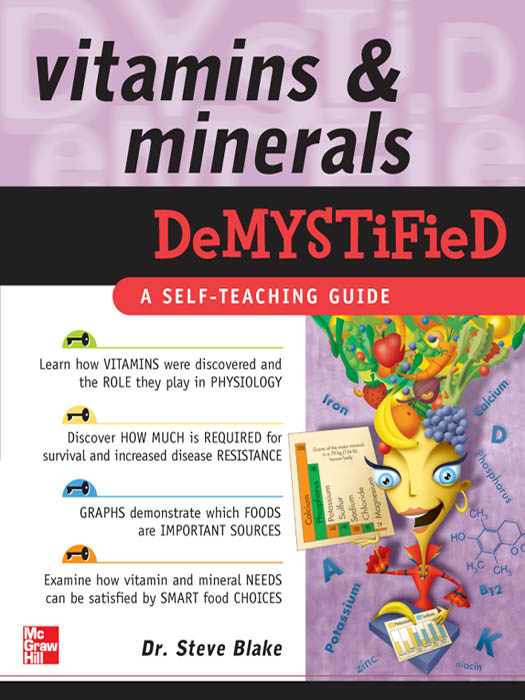
Vitamins and Minerals Demystified Encapsulating the science behind vitamins and minerals Need to understand how vitamins and minerals work but find dense texts difficult to absorb? Here's your panacea! Vitamins & Minerals Demystified makes it easy to digest information on everything from A to zinc. Written by a holistic health doctor, this essential guide explains the crucial role vitamins and minerals play in nutrition and physiology. You'll find details on the type and amount required for survival and for increased disease resistance. The book outlines the food sources of different vitamins and minerals and covers the benefits and pitfalls of both natural and synthetic vitamins. Featuring end-of-chapter quizzes and a final exam, this book will fortify your knowledge of vitamins and minerals. This fast and easy guide offers: Numerous figures to illustrate key concepts Graphs indicating the foods rich in various vitamins and minerals Charts featuring U.S. Recommended Daily Allowances (USRDAs) Coverage of deficiency-related diseases Quick summaries of each vitamin and mineral reinforce learning Simple enough for a beginner, but challenging enough for an advanced student, Vitamins & Minerals Demystified is the perfect supplement for anyone studying or interested in this important health topic. TECHNOLOGY & ENGINEERING,Telecommunications
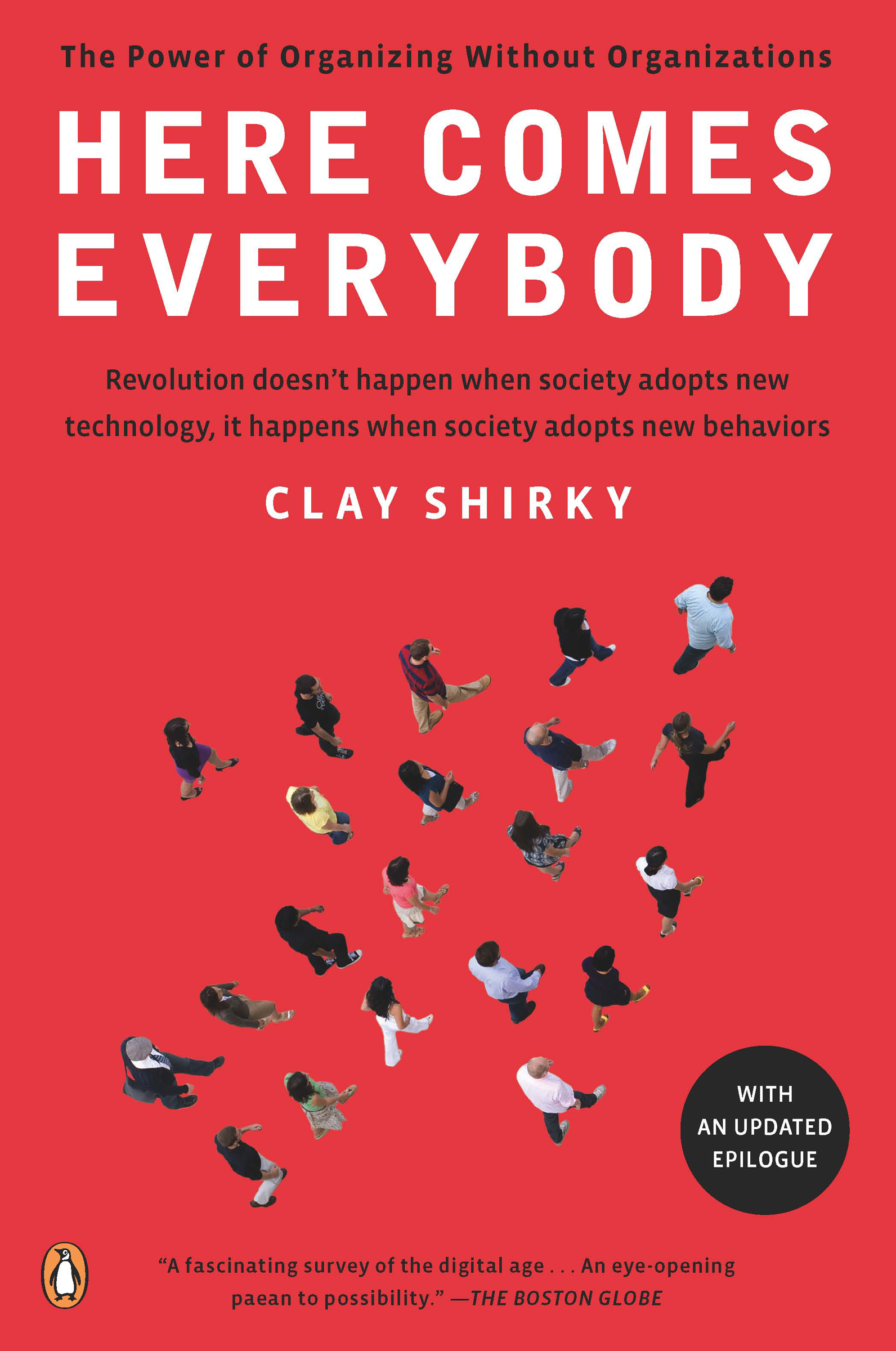
Here Comes Everybody An extraordinary exploration of how technology can empower social and political organizers For the first time in history, the tools for cooperating on a global scale are not solely in the hands of governments or institutions. The spread of the internet and mobile phones are changing how people come together and get things done—and sparking a revolution that, as Clay Shirky shows, is changing what we do, how we do it, and even who we are. Here, we encounter a whoman who loses her phone and recruits an army of volunteers to get it back from the person who stole it. A dissatisfied airline passenger who spawns a national movement by taking her case to the web. And a handful of kids in Belarus who create a political protest that the state is powerless to stop. Here Comes Everybody is a revelatory examination of how the wildfirelike spread of new forms of social interaction enabled by technology is changing the way humans form groups and exist within them. A revolution in social organization has commenced, and Clay Shirky is its brilliant chronicler. "Drawing from anthropology, economic theory and keen observation, [Shirky] makes a strong case that new communication tools are making once-impossible forms of group action possible . . . [an] extraordinarily perceptive new book." -Minneapolis Star Tribune "Mr. Shirky writes cleanly and convincingly about the intersection of technological innovation and social change." -New York Observer TECHNOLOGY & ENGINEERING,Telecommunications
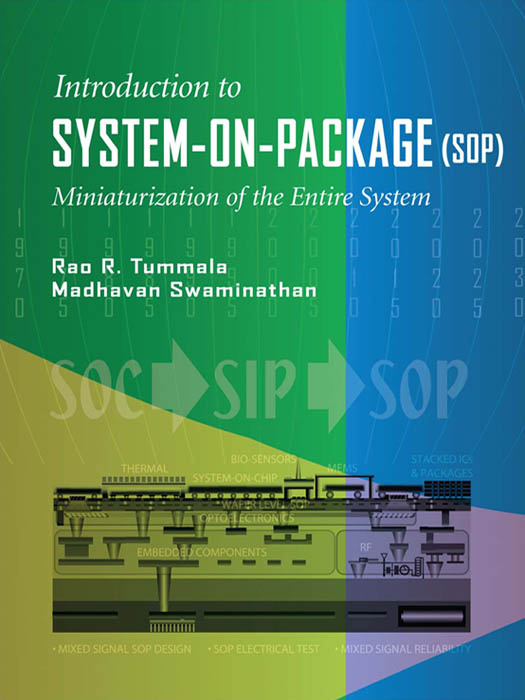
System on Package System-on-Package (SOP) is an emerging microelectronic technology that places an entire system on a single chip-size package. Where “systems†used to be bulky boxes housing hundreds of components, SOP saves interconnection time and heat generation by keep a full system with computing, communications, and consumer functions all in a single chip. Written by the Georgia Tech developers of the technology, this book explains the basic parameters, design functions, and manufacturing issues, showing electronic designers how this radical new packaging technology can be used to solve pressing electronics design challenges. TECHNOLOGY & ENGINEERING,Telecommunications
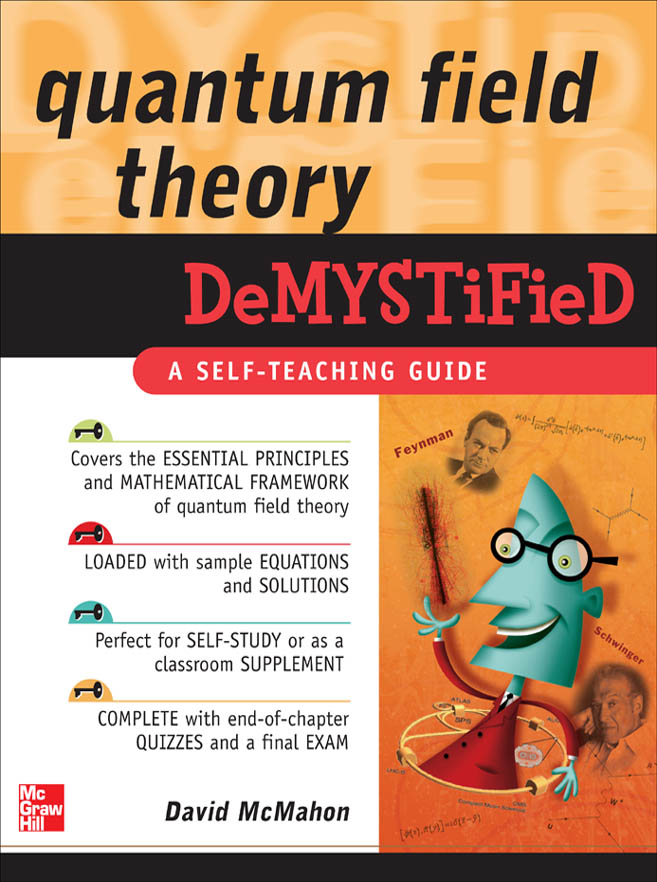
Quantum Field Theory Demystified Learn quantum field theory relatively easily Trying to comprehend quantum field theory but don't have infinite time or the IQ of Einstein? No problem! This easy-to-follow guide helps you understand this complex subject matter without spending a lot of energy. Quantum Field Theory Demystified covers essential principles such as particle physics and special relativity. You'll learn about Lagrangian field theory, group theory, and electroweak theory. The book also explains continuous and discrete symmetries, spontaneous symmetry breaking, and supersymmetry. With thorough coverage of the mathematics of quantum field theory and featuring end-of-chapter quizzes and a final exam to test your knowledge, this book will teach you the fundamentals of this theoretical framework in no time at all. This fast and easy guide offers: Numerous figures to illustrate key concepts Sample equations with worked solutions Coverage of quantum numbers Details on the Dirac equation, the Feynman rules, and the Higgs mechanism A time-saving approach to performing better on an exam or at work Simple enough for a beginner, but challenging enough for an advanced student, Quantum Field Theory Demystified is your shortcut to understanding this fascinating area of physics. TECHNOLOGY & ENGINEERING,Telecommunications
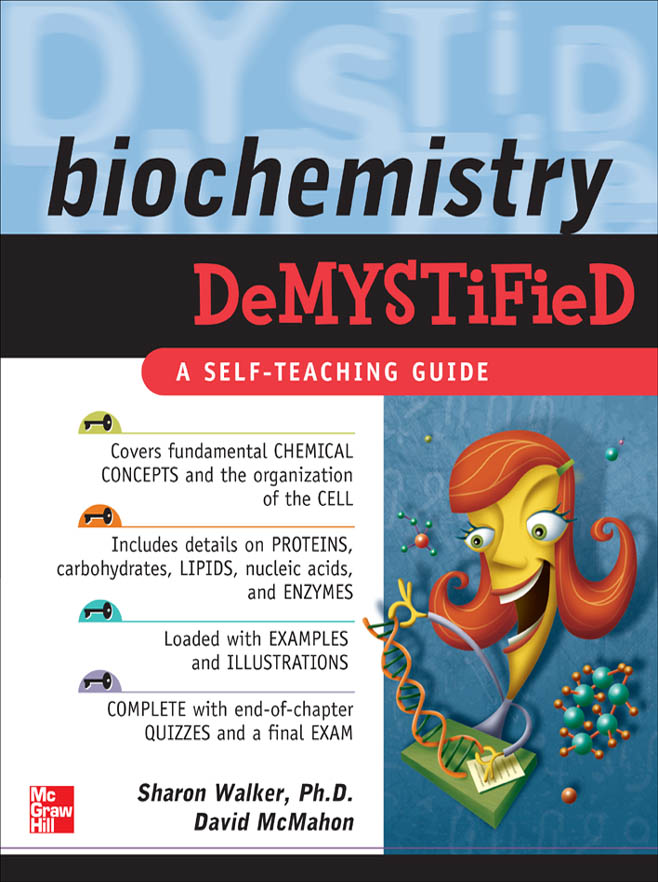
Biochemistry Demystified Learn BIOCHEMISTRY without stressing out your brain CELLS Trying to understand the chemical processes of living organisms but having trouble metabolizing the complex concepts? Here's your lifeline! Biochemistry Demystified helps synthesize your understanding of this important topic. You'll start with a review of basic chemical concepts and a look at cell structures and cell division. Next, you'll study carbohydrates, lipids, proteins, nucleic acids, nucleotides, and enzymes. Glycolysis, the citric acid cycle, oxidative phosphorylation, and the control of chemical processes round out the coverage. Hundreds of examples and illustrations make it easy to understand the material, and end-of-chapter questions and a final exam help reinforce learning. This fast and easy guide offers: Numerous figures to illustrate key concepts Details on DNA and RNA Coverage of hormones and neurotransmitters A chapter on analytical techniques and bioinformatics A time-saving approach to performing better on an exam or at work Simple enough for a beginner, but challenging enough for an advanced student, Biochemistry Demystified is your key to mastering this vital life sciences subject. TECHNOLOGY & ENGINEERING,Telecommunications
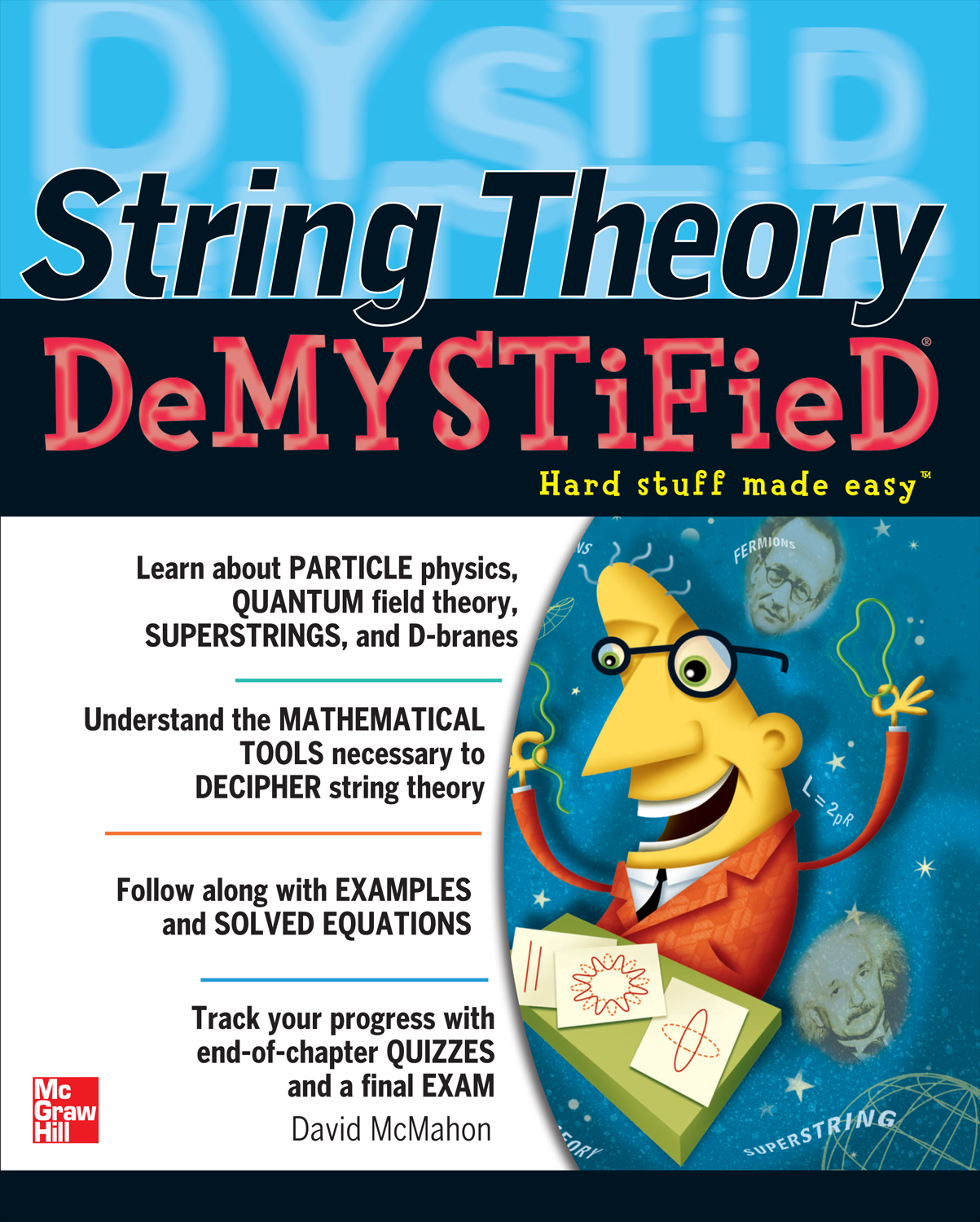
String Theory Demystified UNRAVEL the mystery of STRING THEORY Trying to understand string theory but ending up with your brain in knots? Here's your lifeline! This straightforward guide explains the fundamental principles behind this cutting-edge concept. String Theory Demystified elucidates the goal of the theory--to combine general relativity and quantum theory into a single, unified framework. You'll learn about classical strings, conformal field theory, quantization, compactification, and T duality. The book covers supersymmetry and superstrings, D-branes, the holographic principle, and cosmology. Hundreds of examples and illustrations make it easy to understand the material, and end-of-chapter quizzes and a final exam help reinforce learning. This fast and easy guide offers: Numerous figures to illustrate key concepts Sample problems with worked solutions Coverage of equations of motion, the energy-momentum tensor, and conserved currents A discussion of the Randall-Sundrum model A time-saving approach to performing better on an exam or at work Simple enough for a beginner, but challenging enough for an advanced student, String Theory Demystified is your key to comprehending this theory of everything. TECHNOLOGY & ENGINEERING,Telecommunications
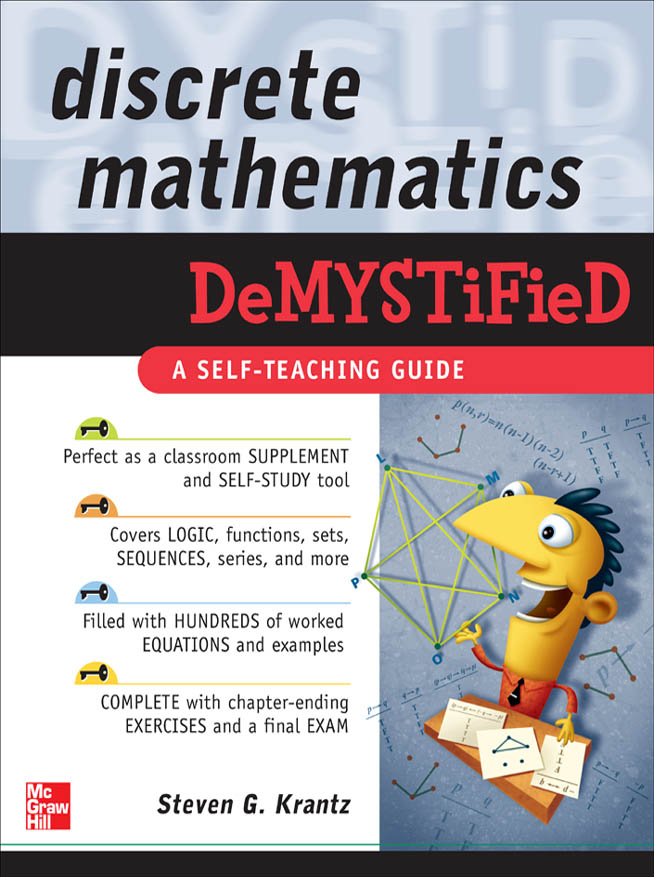
Discrete Mathematics DeMYSTiFied MULTIPLY your chances of understanding DISCRETE MATHEMATICS If you're interested in learning the fundamentals of discrete mathematics but can't seem to get your brain to function, then here's your solution. Add this easy-to-follow guide to the equation and calculate how quickly you learn the essential concepts. Written by award-winning math professor Steven Krantz, Discrete Mathematics Demystified explains this challenging topic in an effective and enlightening way. You will learn about logic, proofs, functions, matrices, sequences, series, and much more. Concise explanations, real-world examples, and worked equations make it easy to understand the material, and end-of-chapter exercises and a final exam help reinforce learning. This fast and easy guide offers: Numerous figures to illustrate key concepts Sample problems with worked solutions Coverage of set theory, graph theory, and number theory Chapters on cryptography and Boolean algebra A time-saving approach to performing better on an exam or at work Simple enough for a beginner, but challenging enough for an advanced student, Discrete Mathematics Demystified is your integral tool for mastering this complex subject. TECHNOLOGY & ENGINEERING,Telecommunications

The TAB Battery Book Supercharge your understanding of battery technology Ideal for hobbyists and engineers alike, The TAB Battery Book: An In-Depth Guide to Construction Design and Use offers comprehensive coverage of these portable energy powerhouses. This practical guide discusses battery chemistry and engineering, how batteries are used, and the history of batteries. You'll find out how different types of batteries work and how to select the right battery for any application. The book also examines the technological advances being used to develop batteries as robust energy sources for a wide variety of devices. Tap into the power of all kinds of batteries with help from this detailed resource. Coverage includes: Portable energy and long-term energy storage Batteries for portable consumer demands, medical devices, electric vehicles, large-scale electrical energy storage, and space and military applications Basic physics and chemistry The science of batteries--cells, electrochemistry, thermodynamics, kinetics, and capacity Battery engineering designs, including electrode, seal, and vent design Battery performance, reliability, and safety Primary battery technologies--aqueous and non-aqueous electrolytes, including alkaline and lithium Rechargeable batteries, including nickel-metal hydride and lithium ion Selecting the right battery for any application Future technologies, such as thin-film, large-energy storage, and high-energy density batteries Make Great Stuff! TAB, an imprint of McGraw-Hill Professional, is a leading publisher of DIY technology books for makers, hackers, and electronics hobbyists. TECHNOLOGY & ENGINEERING,Telecommunications
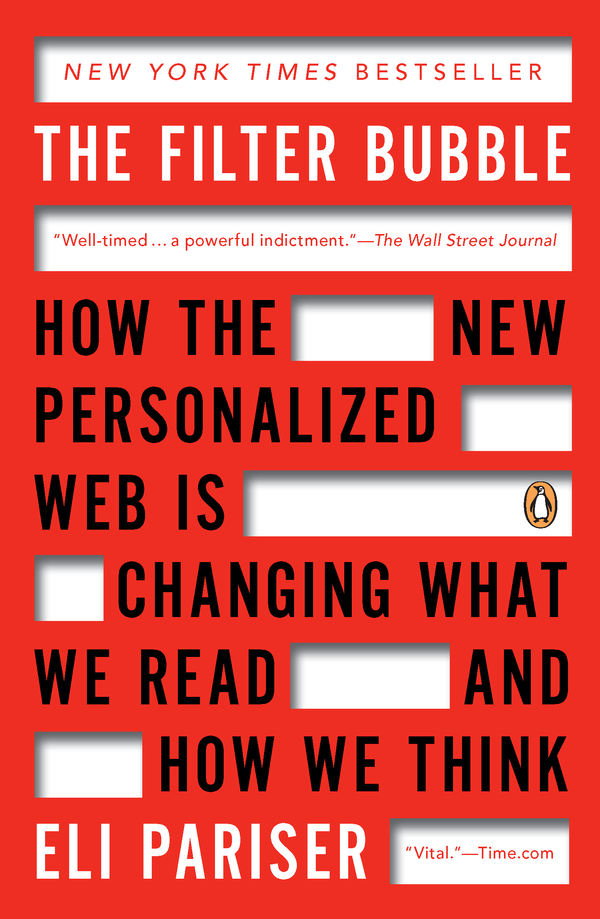
The Filter Bubble An eye-opening account of how the hidden rise of personalization on the Internet is controlling-and limiting-the information we consume. In December 2009, Google began customizing its search results for each user. Instead of giving you the most broadly popular result, Google now tries to predict what you are most likely to click on. According to MoveOn.org board president Eli Pariser, Google's change in policy is symptomatic of the most significant shift to take place on the Web in recent years-the rise of personalization. In this groundbreaking investigation of the new hidden Web, Pariser uncovers how this growing trend threatens to control how we consume and share information as a society-and reveals what we can do about it. Though the phenomenon has gone largely undetected until now, personalized filters are sweeping the Web, creating individual universes of information for each of us. Facebook-the primary news source for an increasing number of Americans-prioritizes the links it believes will appeal to you so that if you are a liberal, you can expect to see only progressive links. Even an old-media bastion like The Washington Post devotes the top of its home page to a news feed with the links your Facebook friends are sharing. Behind the scenes a burgeoning industry of data companies is tracking your personal information to sell to advertisers, from your political leanings to the color you painted your living room to the hiking boots you just browsed on Zappos. In a personalized world, we will increasingly be typed and fed only news that is pleasant, familiar, and confirms our beliefs-and because these filters are invisible, we won't know what is being hidden from us. Our past interests will determine what we are exposed to in the future, leaving less room for the unexpected encounters that spark creativity, innovation, and the democratic exchange of ideas. While we all worry that the Internet is eroding privacy or shrinking our attention spans, Pariser uncovers a more pernicious and far- reaching trend on the Internet and shows how we can- and must-change course. With vivid detail and remarkable scope, The Filter Bubble reveals how personalization undermines the Internet's original purpose as an open platform for the spread of ideas and could leave us all in an isolated, echoing world. TECHNOLOGY & ENGINEERING,Telecommunications

Communications, Radar and Electronic Warfare A practical guide to the principles of radio communications for both civilian and military applications In this book, the author covers both the civilian and military uses of technology, focusing particularly on the applications of radio propagation and prediction. Divided into two parts, the author introduces the basic theory of radio prediction before providing a step-by-step explanation of how this theory can be translated into real-life applications. In addition, the book presents up-to-date systems and methods to illustrate how these applications work in practice. This includes systems working in the HF bands and SHF. Furthermore, the author examines the performance of these systems, and also the effects of noise, interference and deliberate jamming, as well as the performance of jamming, detection and intercept systems. Particular attention is paid to the problems caused by Radio Controlled Improvised Explosive Devices (RCIEDs). Key Features: A practical handbook on the topic of radio communications and propagation Written by an expert in both the civilian and military applications of the technology Focuses on methods such as radio and radar jamming, and radio-controlled improvised explosive devices (IEDs) Contains problems and solutions to clarify key topics TECHNOLOGY & ENGINEERING,Telecommunications
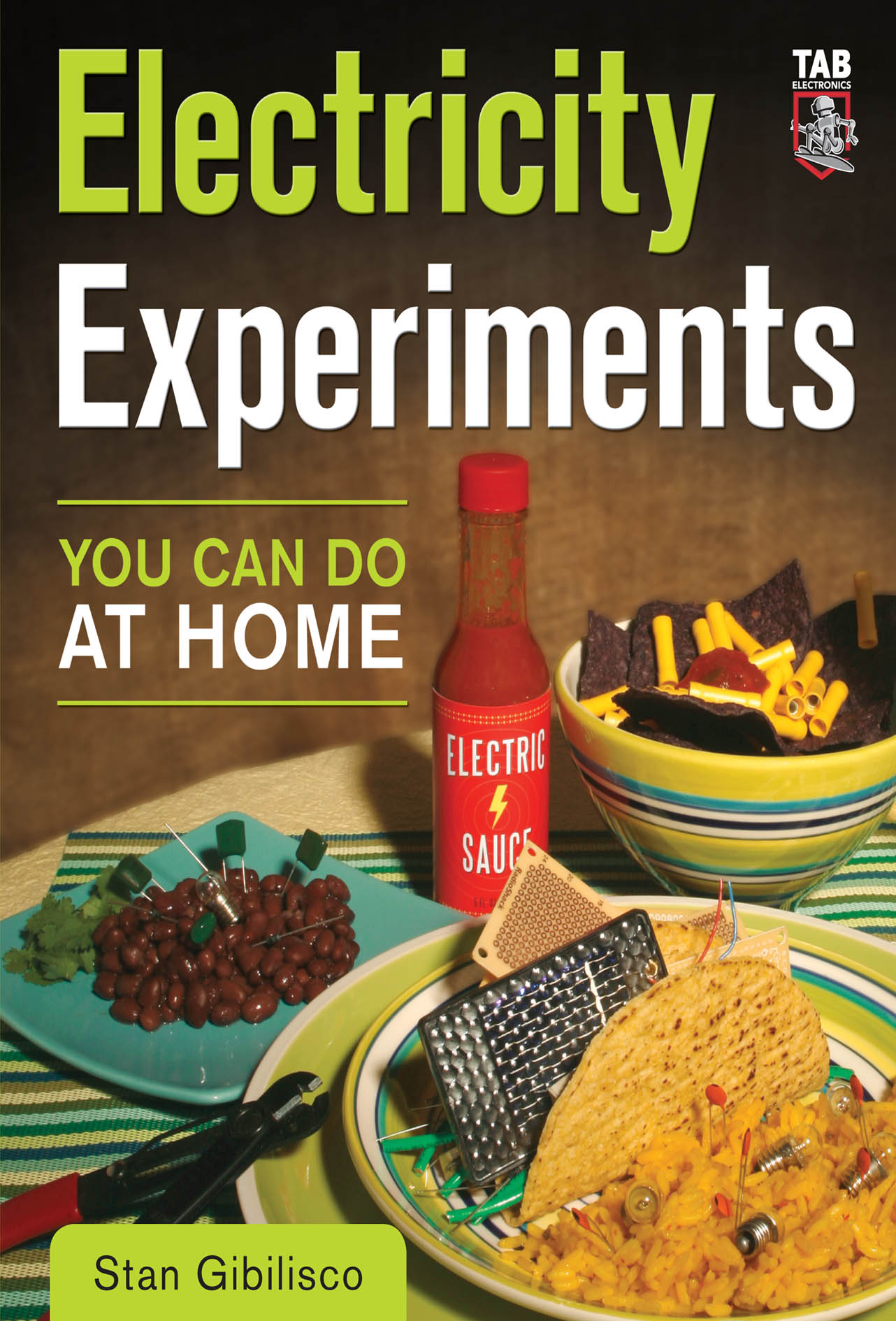
Electricity Experiments You Can Do At Home Amp up your understanding of electricity and magnetism with DOZENS OF DO-IT-YOURSELF EXPERIMENTS Electricity Experiments You Can Do At Home is a hands-on guide that helps you master the principles of electrical currents and magnetism. Each of the book's three sections--direct current, alternating current, and magnetism--begins with step-by-step instructions for setting up your lab for the experiments that follow. Using inexpensive, easy-to-find parts, the experiments progress from basic to more complex and will spark ideas and encourage inventiveness. Expect unexpected results when you experiment with: Diode-based voltage reducer Compass-based galvanometer Photovoltaic illuminometer Utility bulb saver Ripple filter Xener-diode voltage regulator AC spectrum monitor Ampere's law with wire loop AC electromagnet Handheld wind turbine And dozens more projects ELECTRICITY EXPERIMENTS YOU CAN DO AT HOME helps you to: Solve circuit problems in electricity Build practical and interesting electrical and magnetic devices Get ideas for science-fair projects Prepare for advanced courses in electricity and electronics Learn the basics of laboratory practice TECHNOLOGY & ENGINEERING,Telecommunications
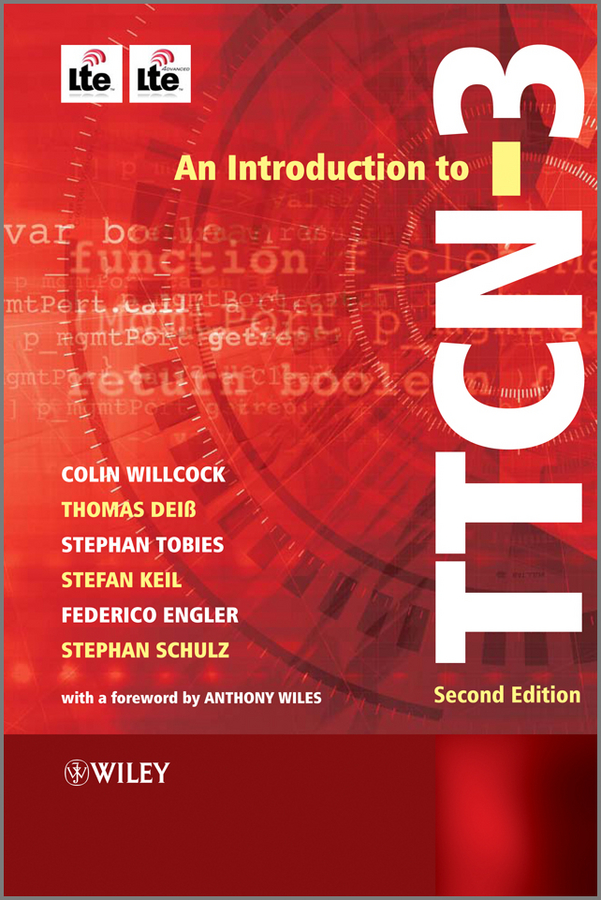
An Introduction to TTCN-3 This unique book provides a fully revised and up-to-date treatment of the TTCN-3 language TTCN-3 is an internationally standardised test language with a powerful textual syntax which has established itself as a global, universal testing language. Application of TTCN-3 has been widened beyond telecommunication systems to areas such as the automotive industry, internet protocols, railway signalling, medical systems, and avionics. An Introduction to TTCN-3 gives a solid introduction to the TTCN-3 language and its uses, guiding readers though the TTCN-3 standards, methodologies and tools with examples and advice based on the authors' extensive real-world experience. All the important concepts and constructs of the language are explained in a step-by-step, tutorial style, and the authors relate the testing language to the overall test system implementation, giving the bigger picture. This second edition of the book has been updated and revised to cover the additions, changes and extensions to the TTCN-3 language since the first version was published. In addition, this book provides new material on the use of XML, test framework design and LTE testing with TTCN-3. Key Features: Provides a fully revised and up-to-date look at the TTCN-3 language Addresses language standardization, tool implementation and applying TTCN-3 in real world scenarios such as VoIP and LTE testing Explores recent advances such as TTCN-3 core language extensions on type parameterization, behavior types, real time and performance testing Introduces the use of ASN.1 and XML with TTCN-3 Written by experts in the field Includes an accompanying website containing code samples and links to the relevant standards documents ( www.wiley.com/go/willcock_ttcn-3_2e ) This book is an ideal reference for test engineers, software developers, and standards professionals. Graduate students studying telecommunications and software engineering will also find this book insightful. TECHNOLOGY & ENGINEERING,Telecommunications
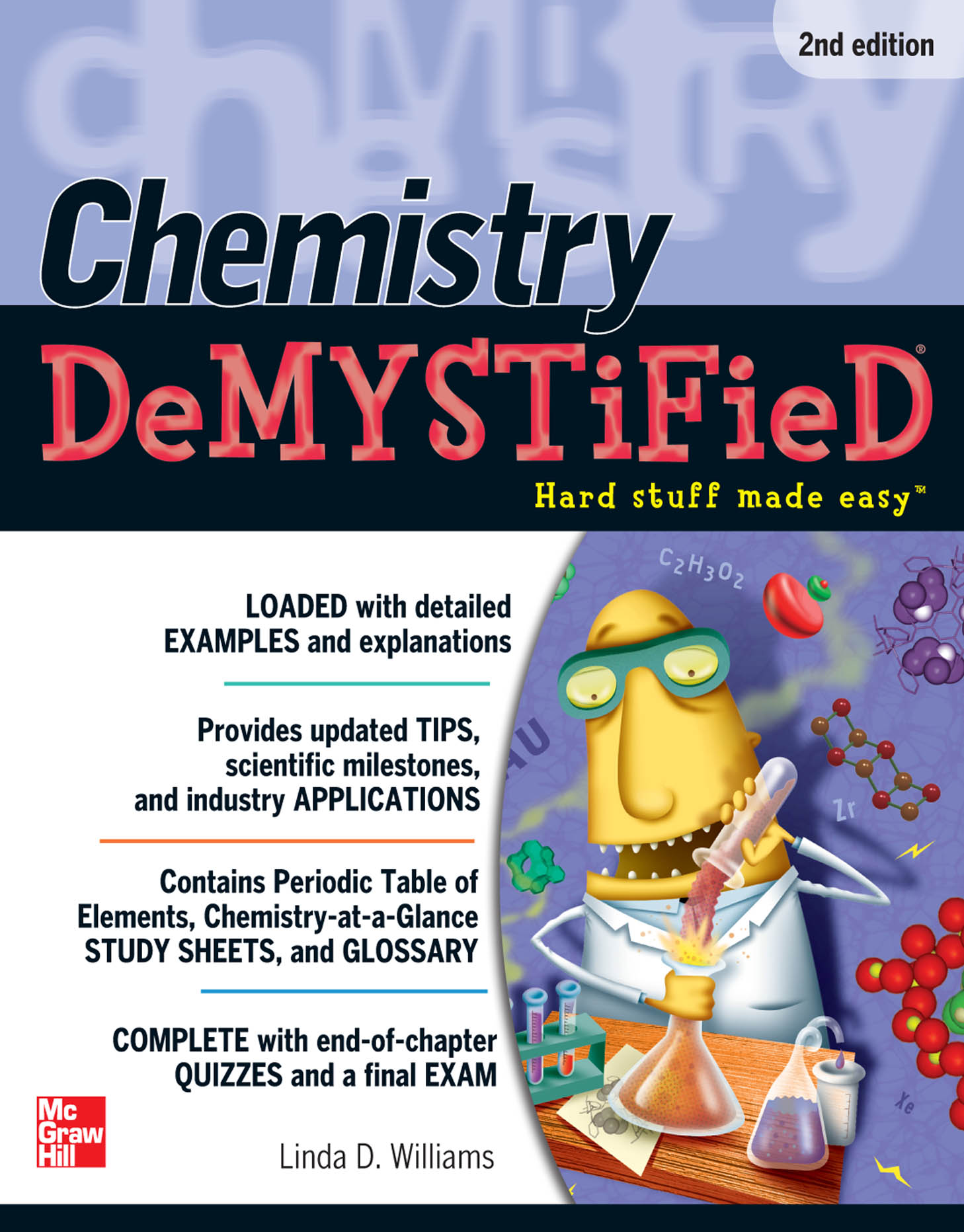
Chemistry DeMYSTiFieD, Second Edition A PROVEN formula for mastering CHEMISTRY Trying to understand chemistry but feel like the information's just not bonding with your brain? Here's your solution. Chemistry Demystified, Second Edition, helps you grasp both fundamental and complex concepts with ease. Written in a step-by-step format, this practical guide first covers atomic theory, elements, symbols, and the Periodic Table of the Elements. The book then delves into solids, liquids, gases, solutions, orbitals, chemical bonds, acids, and bases. Electrochemistry, thermodynamics, biochemistry, and organic, environmental, and nuclear chemistry are discussed. In-depth examples, detailed illustrations, and worked-out problems make it easy to understand the material, and end-of-chapter quizzes and a final exam help reinforce learning. It's a no-brainer! You'll learn about: Molecular and structural formulas Metallurgy Gas laws Molar mass Molecular orbital theory Covalent and ionic bonds Oxidation/reduction The laws of thermodynamics Organic reactions Biological and environmental markers Simple enough for a beginner, but challenging enough for an advanced student, Chemistry Demystified, Second Edition, helps you master this fascinating subject. TECHNOLOGY & ENGINEERING,Telecommunications
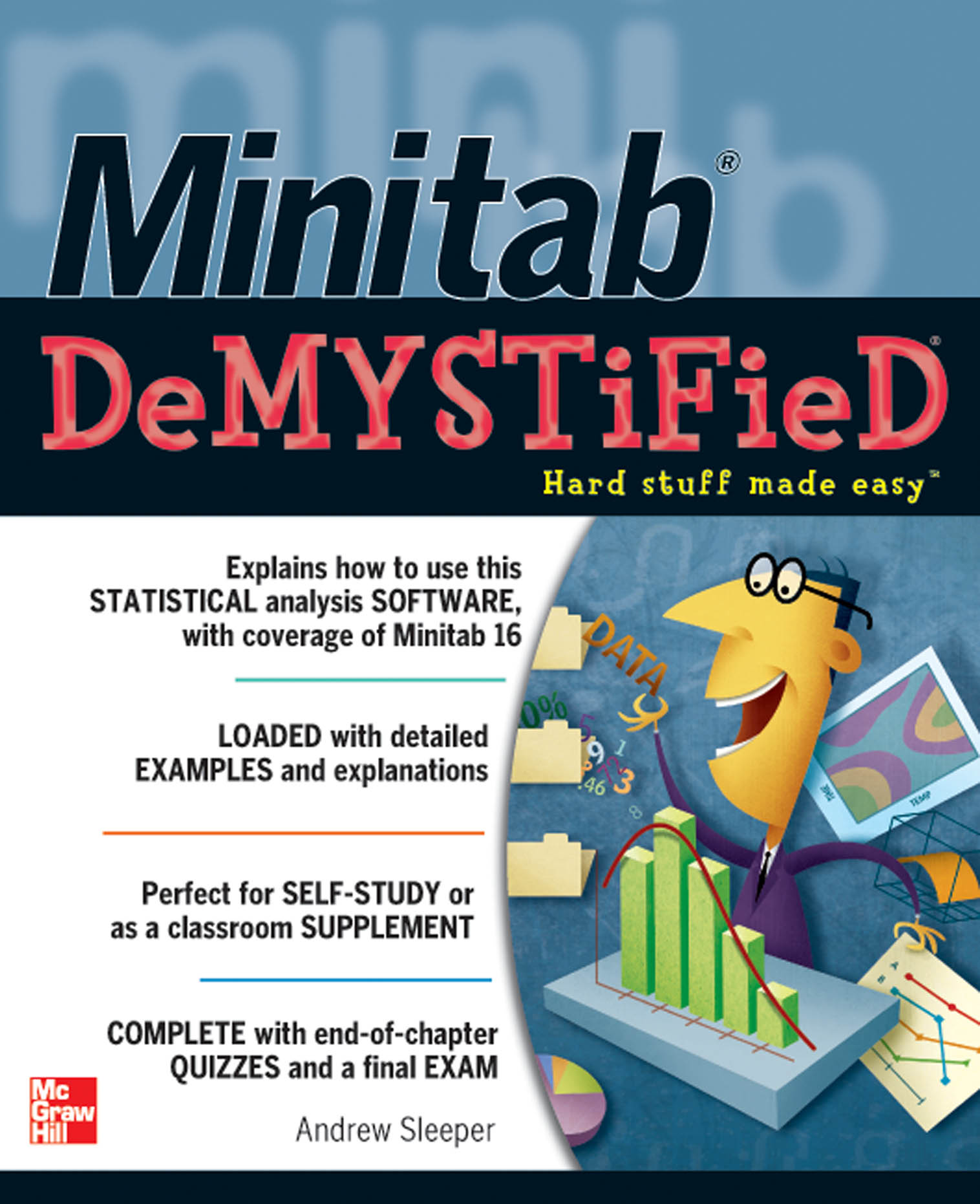
Minitab Demystified Need to learn Minitab? Problem Solved! Get started using Minitab right way with help from this hands-on guide. Minitab Demystified walks you through essential Minitab features and shows you how to apply them to solve statistical analysis problems. Featuring coverage of Minitab 16, this practical guide explores the Minitab interface and the full range of Minitab graphics, Distribution models, statistical intervals, hypothesis testing, and sample size calculations are clearly explained. The book covers modeling tools of regression and the design of experiments (DOE) as well as the industrial quality tools of measurement systems analysis, control charts, capability analysis, acceptance sampling, and reliability analysis. Detailed examples and concise explanations make it easy to understand the material, and end-of-chapter quizzes and a final exam help reinforce key concepts. It's a no-brainer! You'll learn about: Accessing powerful Minitab functions with the Minitab assistant Confidence, prediction, and tolerance intervals Designing and analyzing experiments with hard-to-change variables Statistical process control (SPC), Six Sigma applications, and quality control Predicting the economic impact of sampling Analyzing life data with additional variables Simple enough for a beginner, challenging enough for an advanced student, and thorough enough for a Six Sigma professional, Minitab Demystified is your shortcut to statistical analysis success! TECHNOLOGY & ENGINEERING,Telecommunications

RF Microelectronics RF Microelectronics teaches RF analysis and design systematically, one step at a time, taking readers all the way from specification through practical solution. Behzad Razavi has thoroughly revised his classic text to incorporate the latest developments in RF architecture, circuits, and devices, and to cover all key topics in greater detail. This edition's stronger tutorial focus will make it even more valuable to students, and its more systematic coverage of the latest technologies will make it indispensable to practicing engineers. The full text downloaded to your computer With eBooks you can: search for key concepts, words and phrases make highlights and notes as you study share your notes with friends eBooks are downloaded to your computer and accessible either offline through the Bookshelf (available as a free download), available online and also via the iPad and Android apps. Upon purchase, you will receive via email the code and instructions on how to access this product. Time limit The eBooks products do not have an expiry date. You will continue to access your digital ebook products whilst you have your Bookshelf installed. TECHNOLOGY & ENGINEERING,Telecommunications
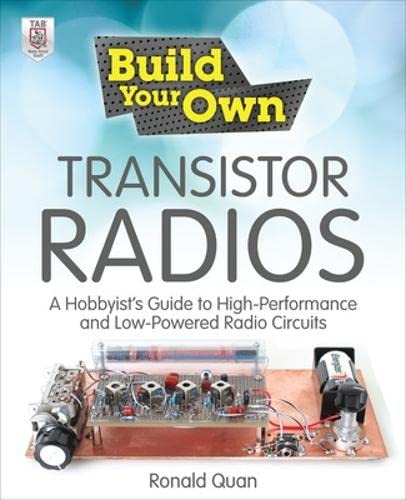
Build Your Own Transistor Radios A DIY guide to designing and building transistor radios Create sophisticated transistor radios that are inexpensive yet highly efficient. Build Your Own Transistor Radios: A Hobbyist’s Guide to High-Performance and Low-Powered Radio Circuits offers complete projects with detailed schematics and insights on how the radios were designed. Learn how to choose components, construct the different types of radios, and troubleshoot your work. Digging deeper, this practical resource shows you how to engineer innovative devices by experimenting with and radically improving existing designs. Build Your Own Transistor Radios covers: Calibration tools and test generators TRF, regenerative, and reflex radios Basic and advanced superheterodyne radios Coil-less and software-defined radios Transistor and differential-pair oscillators Filter and amplifier design techniques Sampling theory and sampling mixers In-phase, quadrature, and AM broadcast signals Resonant, detector, and AVC circuits Image rejection and noise analysis methods This is the perfect guide for electronics hobbyists and students who want to delve deeper into the topic of radio. Make Great Stuff! TAB, an imprint of McGraw-Hill Professional, is a leading publisher of DIY technology books for makers, hackers, and electronics hobbyists. TECHNOLOGY & ENGINEERING,Telecommunications

Robot Programming * Teaches the concepts of behavior-based programming through text, programming examples, and a unique online simulator robot * Explains how to design new behaviors by manipulating old ones and adjusting programming * Does not assume reader familiarity with robotics or programming languages * Includes a section on designing your own behavior-based system from scratch TECHNOLOGY & ENGINEERING,Telecommunications

The UMTS Air-Interface in RF Engineering Everything Engineers Need to Design, Build, and Operate 3G Wireless Networks for Global Voice and Data Communications The UMTS Air-Interface in RF Engineering shows you how to design, build, and operate the 3G wireless networks that carry most of today's global voice and data communications. The book explains the RF engineering aspects of UMTS, key elements of the 3GPP specifications, and practical operation of UMTS networks. Written by an internationally renowned expert on wireless systems, this essential engineering tool takes you through UMTS basics and standards …radio resource and link controls…physical layer…cell reselection… handover…power control…HSDPA…WCDMA RF network planning and optimization…repeaters and tower top amplifiers…inter-system interference …and more. Filled with 150 detailed illustrations, The UMTS Air-Interface in RF Engineering features: A complete explanation of UMTS in an RF engineering context Expert information on key elements of the 3GPP specifications Numerous applications of theoretical concepts to the day-to-day operation of UMTS networks Step-by-step guidance on UMTS physical layer procedures Inside This Cutting-Edge UMTS Engineering Guide _ • Introduction to UMTS • UMTS Fundamentals • UMTS Standards _ Radio Resource Control • Radio Link Control • Medium Access Control • Physical Layer • Cell Reselection • Handover • Power Control • HSDPA • WCDMA RF Network Planning • WCDMA RF Network Optimization • Repeaters and Tower Top Amplifiers • Inter-System Interferences • WCDMA and CDMA 2000 TECHNOLOGY & ENGINEERING,Telecommunications
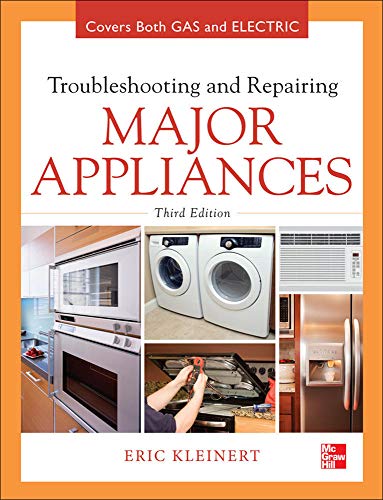
Troubleshooting and Repairing Major Appliances Diagnose and repair home appliances and air conditioners using the latest techniques "The book has it all...written by a pro with 40 years of hands-on repair and teaching experience...this book is like brain candy"--GeekDad (Wired.com) Fully updated for current technologies and packed with hundreds of photos and diagrams, this do-it-yourself guide shows you how to safely install, operate, maintain, and fix gas and electric appliances of all types. Troubleshooting and Repairing Major Appliances, Third Edition provides easy-tofollow procedures for using test meters, replacing parts, reading circuit diagrams, interpreting fault and error codes, and diagnosing problems. Featuring a new chapter on becoming a service technician, this practical, money-saving resource is ideal for homeowners and professionals alike. Covers all major appliances: Automatic dishwashers Garbage disposers Electric water heaters Gas water heaters Top load automatic washers Front load automatic washers Automatic electric dryers Automatic gas dryers Electric ranges, cooktops, and ovens Gas ranges, cooktops, and ovens Microwave ovens Refrigerators Freezers Automatic ice makers Residential under-the-counter ice cube makers Room air conditioners Dehumidifiers TECHNOLOGY & ENGINEERING,Telecommunications

Digital Home Networking This much-needed book describes the digital home networking environment, its techniques, and the challenges around its service architecture. It provides a broad introduction to state-of-the-art digital home standards and protocols, as well as in-depth coverage of service architectures for entertainment and domotic services involving digital home resources. Topics include networking, remote access, security, interoperability, scalability, and quality of service. Notably, the book describes the generic architecture that was proposed and developed in the context of the EUREKA/Celtic research project Feel@Home. TECHNOLOGY & ENGINEERING,Telecommunications

Arduino Robot Bonanza Create high-tech walking, talking, and thinking robots"McComb hasn’t missed a beat. It’s an absolute winner!" -GeekDad, Wired.com Breathe life into the robots of your dreams—without advanced electronics or programming skills. Arduino Robot Bonanza shows you how to build autonomous robots using ordinary tools and common parts. Learn how to wire things up, program your robot's brain, and add your own unique flair. This easy-to-follow, fully illustrated guide starts with the Teachbot and moves to more complex projects, including the musical TuneBot, the remote-controlled TeleBot, a slithering snakelike 'bot, and a robotic arm with 16 inches of reach! Get started on the Arduino board and software Build a microcontroller-based brain Hook up high-tech sensors and controllers Write and debug powerful Arduino apps Navigate by walking, rolling, or slithering Program your 'bot to react and explore on its own Add remote control and wireless video Generate sound effects and synthesized speech Develop functional robot arms and grippers Extend plans and add exciting features TECHNOLOGY & ENGINEERING,Telecommunications
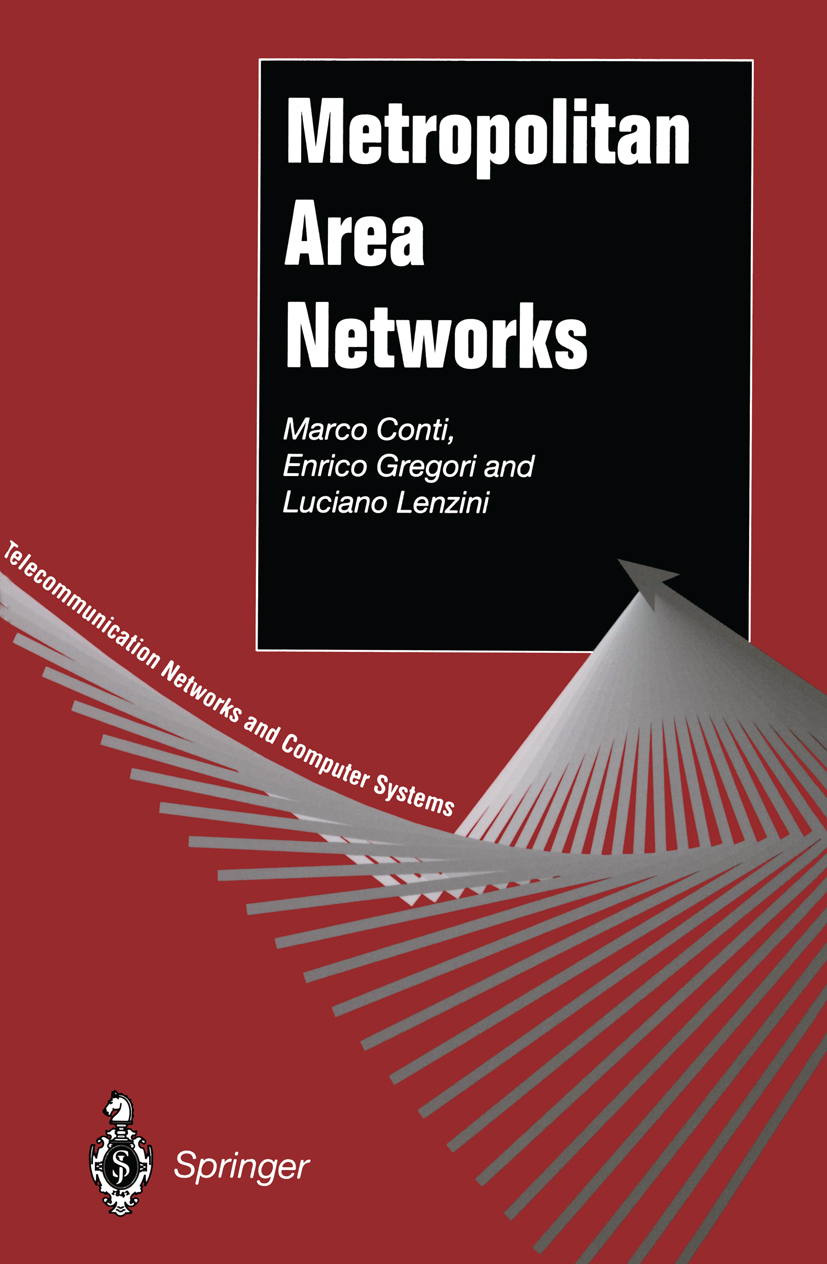
Metropolitan Area Networks With the continuing success of Local Area Networks (IANs), there is an increasing demand to extend their capabilities towards higher data rates and wider areas. This, together with the progress in fiber-optic technology, has given rise to the so-called Metropolitan Area Networks (MANs). MANs can span much greater distances than current LAN s, and offer data rates on the order of hundreds of Megabits/sec (Mbps). The success of MANs is mainly due to the opportunity they provide to develop new networking products capable of providing high-speed commu nications between applications at competitive prices, which nonetheless give an adequate return on the manufacturers' investments. A major factor in of appropriate networking standards. achieving this goal is the availability Fiber Distributed Data Interface (FDDl) and Distributed Queue Dual Bus (DQDB) are the two standard technologies for MANs for which industrial products are already available. For this reason, this book focuses mainly on these two standards. Nowadays there are several books dealing with MANs, and these look mainly at FDDI (e.g., [2], [92], [118], [141]). These books focus primarily on the architectures and protocols, whereas they pay little attention to per formance analysis. Due to the capability of MANs to integrate services, a quantitative analysis of the Quality of Service (QoS) provided by these tech nologies is a relevant issue, and is thus covered in depth in this book. TECHNOLOGY & ENGINEERING,Telecommunications
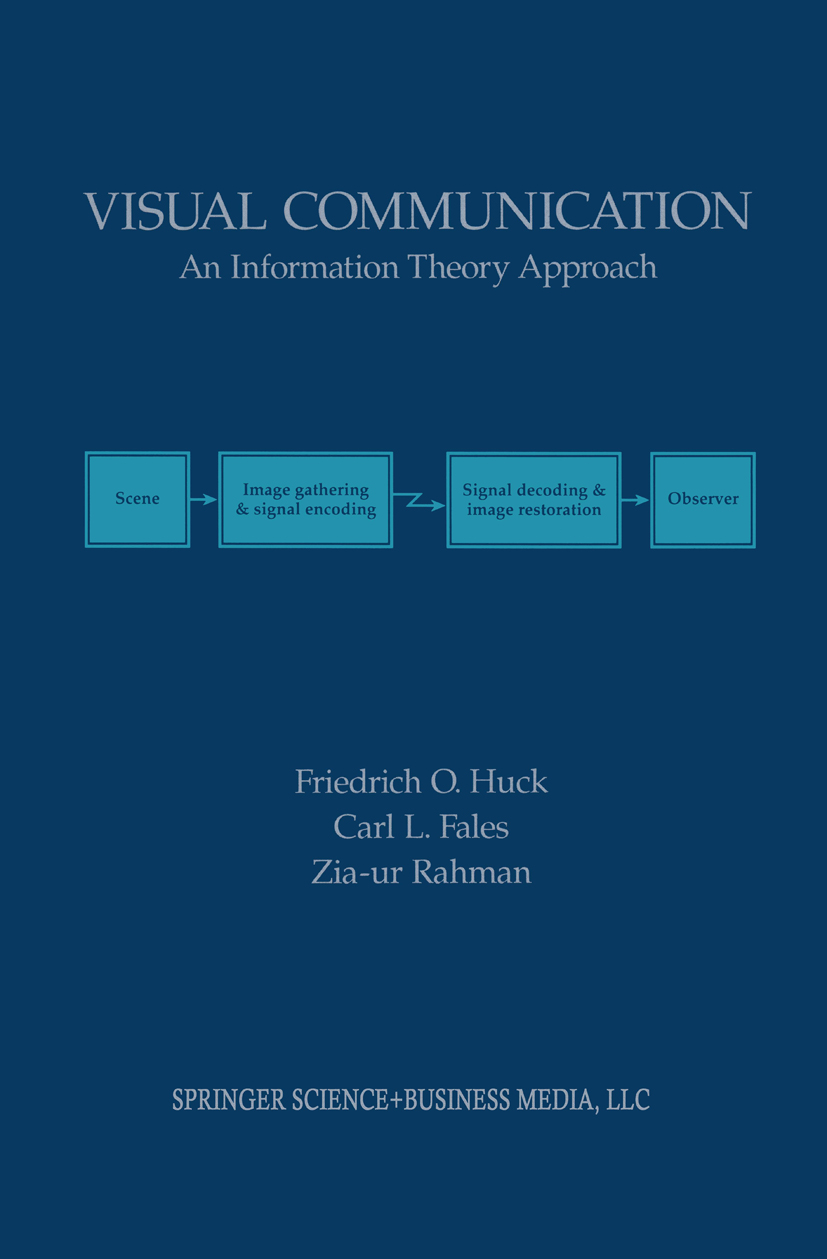
Visual Communication not a coincidence, but is the result of a carefully planned time of landing (sun elevation) and lander orientation (sun azimuth). * The picture was started 25 seconds after touchdown and took 15 seconds to acquire. The alternating bright and dark vertical striations at the left side of the image and the fine particles deposited on the footpad at the right side were caused by a turbulent cloud of dust raised by the lander's retrorockets. t *F. O. Huck and S. D. Wall, "Image quality prediction: An aid to the Viking Lander imaging investigation on Mars. " Appl. Opt. 15, 1748-1766 (1976). tT. A. Mutch, A. B. Binder, F. O. Huck, E. C. Levinthal, S. Liebes, Jr. , E. C. Morris, W. R. Patterson, J. B. Pollack, C. Sagan and G. R. Taylor, "The Surface of Mars: The view from the Viking 1 Lander. " Science 193, 791-801 (1976). VISUAL COMMUNICATION An Information Theory Approach Chapter 1 Introduction 1. 1 OBJECTIVE l The fundamental problem of communication, as Shannon stated it, is that of reproducing at one point either exactly or approximately a message selected at another point. In the classical model of communication (Fig. 1. 1), the infor mation source selects a desired message from a set of possible messages which the transmitter changes into the signal that is actually sent over the commu nication channel to the receiver. The receiver changes this signal back into a message, and hands this message to the destination. TECHNOLOGY & ENGINEERING,Telecommunications
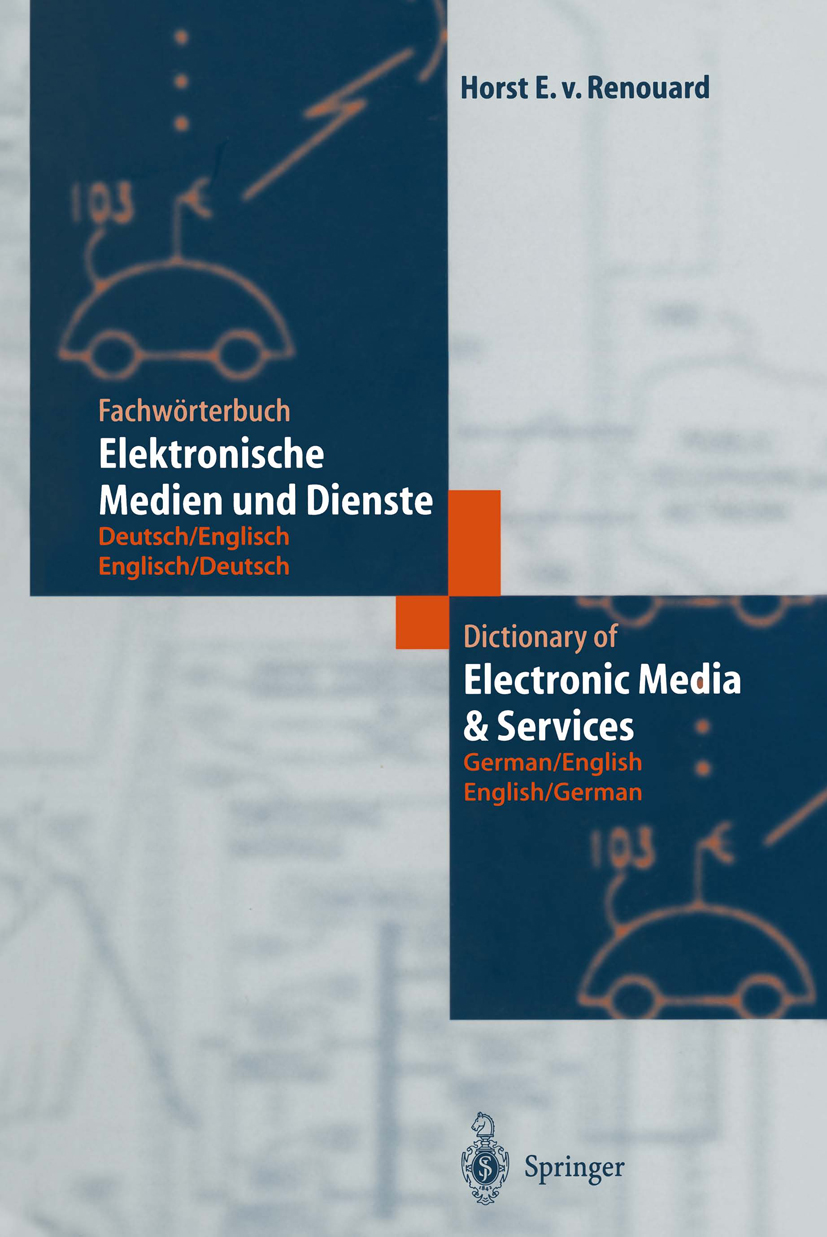
Fachwörterbuch Elektronische Medien und Dienste / Dictionary of Electronic Media and Services Mit rund 30.000 Stichwörtern und vielen Zusatzinformationen umfaßt dieses Wörterbuch die aktuellsten Entwicklungen im Bereich der Telekommunikations- und Multimediaanwendungen einschließlich PC-Terminologie (Windows). Abkürzungen, fachliche Zusatzbemerkungen und Verweise auf Normen und Standards machen das Wörterbuch außerdem zum hochaktuellen Nachschlagewerk. Concise text: Mit ca. 30.000 Stichwörtern und 11 Tabellen umfaßt das Wörterbuch den gesamten Bereich der Telekommunikations- und Multimedia-Anwendungen einschließlich der PC-Terminologie. TECHNOLOGY & ENGINEERING,Telecommunications

Fundamental Limitations in Filtering and Control This book deals with the issue of fundamental limitations in filtering and control system design. This issue lies at the very heart of feedback theory since it reveals what is achievable, and conversely what is not achievable, in feedback systems. The subject has a rich history beginning with the seminal work of Bode during the 1940's and as subsequently published in his well-known book Feedback Amplifier Design (Van Nostrand, 1945). An interesting fact is that, although Bode's book is now fifty years old, it is still extensively quoted. This is supported by a science citation count which remains comparable with the best contemporary texts on control theory. Interpretations of Bode's results in the context of control system design were provided by Horowitz in the 1960's. For example, it has been shown that, for single-input single-output stable open-loop systems having rela tive degree greater than one, the integral of the logarithmic sensitivity with respect to frequency is zero. This result implies, among other things, that a reduction in sensitivity in one frequency band is necessarily accompa nied by an increase of sensitivity in other frequency bands. Although the original results were restricted to open-loop stable systems, they have been subsequently extended to open-loop unstable systems and systems having nonminimum phase zeros. TECHNOLOGY & ENGINEERING,Telecommunications
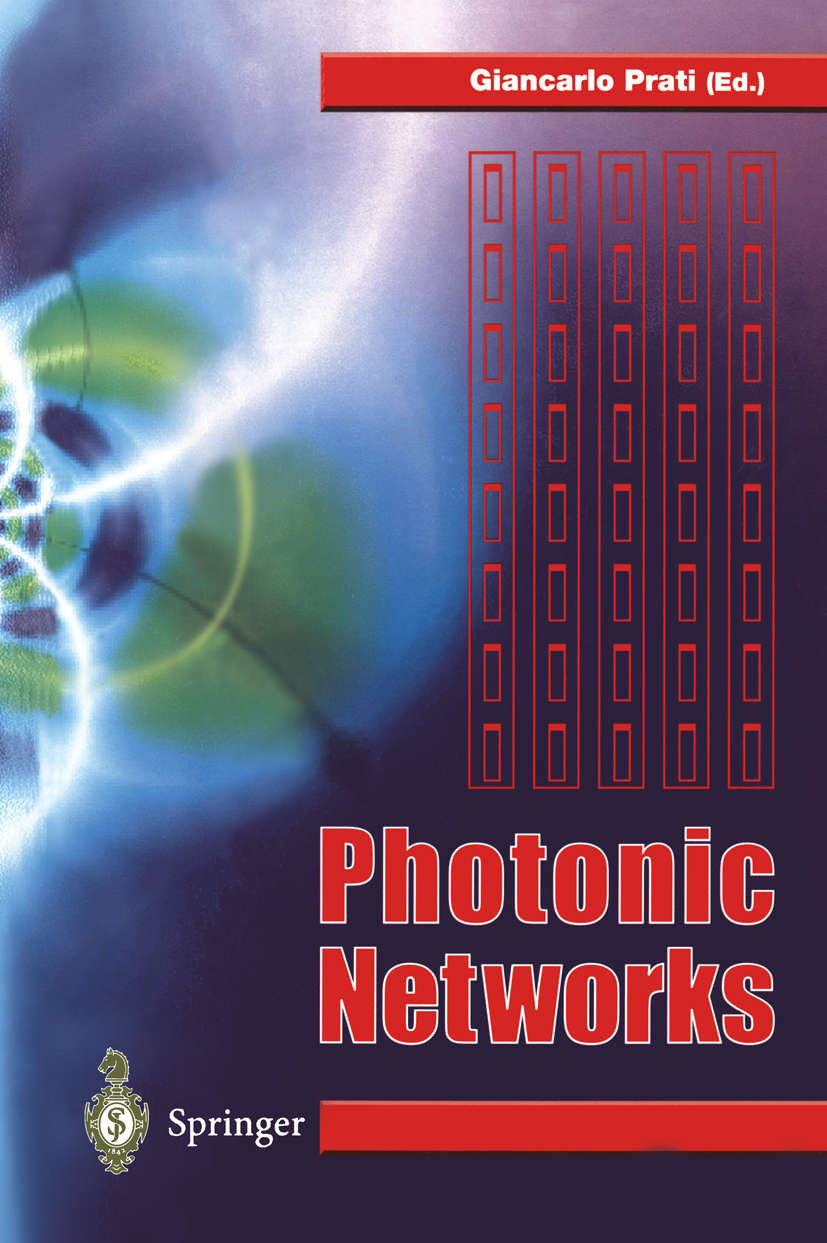
Photonic Networks The day when fiber will deliver new, yet now only foreseeable, broadband ser vices to the end user is getting nearer and nearer as we make our way towards the prophetic year 2000. Step by step, as we move from first generation lasers and fibers to the by now common erbium-doped fiber amplifiers, looking forward to such things as wavelength multiplexing and solitons, photonic switching and optical storage, the community of researchers in optical communications has stepped into the era of photonic networks. It is not just a question of terminology. Optical communication means tech nology to the same extent that photonic network means services. If it is true that information is just as marketable a product as oil or coke, the providing of an extensive global information infrastructure may end up having an even greater impact than the setting up of a world-wide railroad network did at the beginning of the industrial era. Just like wagons, bandwidth will be responsible for carrying and delivering goods to customers. The challenge for all of us in this field is for it to function in every section of the overall network, transport, access and customer area, in the best possible way: the fastest, most economical and most flexible. New services provided by a new network that exploits the potential and peculiarities of photonics surely requires a rethinking of solutions, new ideas, new architec tures, new design, especially where electronics is still dominant, as in transport and access networks. TECHNOLOGY & ENGINEERING,Telecommunications

Dictionary of Acronyms and Technical Abbreviations My first encoWlter with acronyms took place when I was ten years old and growing up in an occupied COWltry during the Second World War. My father proudly annoWlced one day that, despite the ban imposed by the occupying administration, he had managed to get a radio installed and could receive the BBC. (All acronyms used in this introduction are listed in this dictionary.) To me the meaning of"BBC" was that we would receive different information about the war than we got from the usual censored broadcasts. There was, of course, the well-known acronym associated with the nT, but at that time I did not realize that it meant more than the postal service, in those years a deteriorated service. Gradually the daily use of acronyms grew. Most of the newly acquired three-and four-letter abbreviations referred to organiza tions, such as the broadcasting corporations in The Netherlands and Belgium, and references to coWltries such as the USA, USSR, and UK. When attending high school (the HBS) after the war, my knowledge of acronyms grew slowly. Even during the ten years I spent in the Dutch Merchant Marine (the GHV), the number of acronyms was limited to ad vanced equipment that eventually became known as RADAR, LORAN, and DECCA. TECHNOLOGY & ENGINEERING,Telecommunications
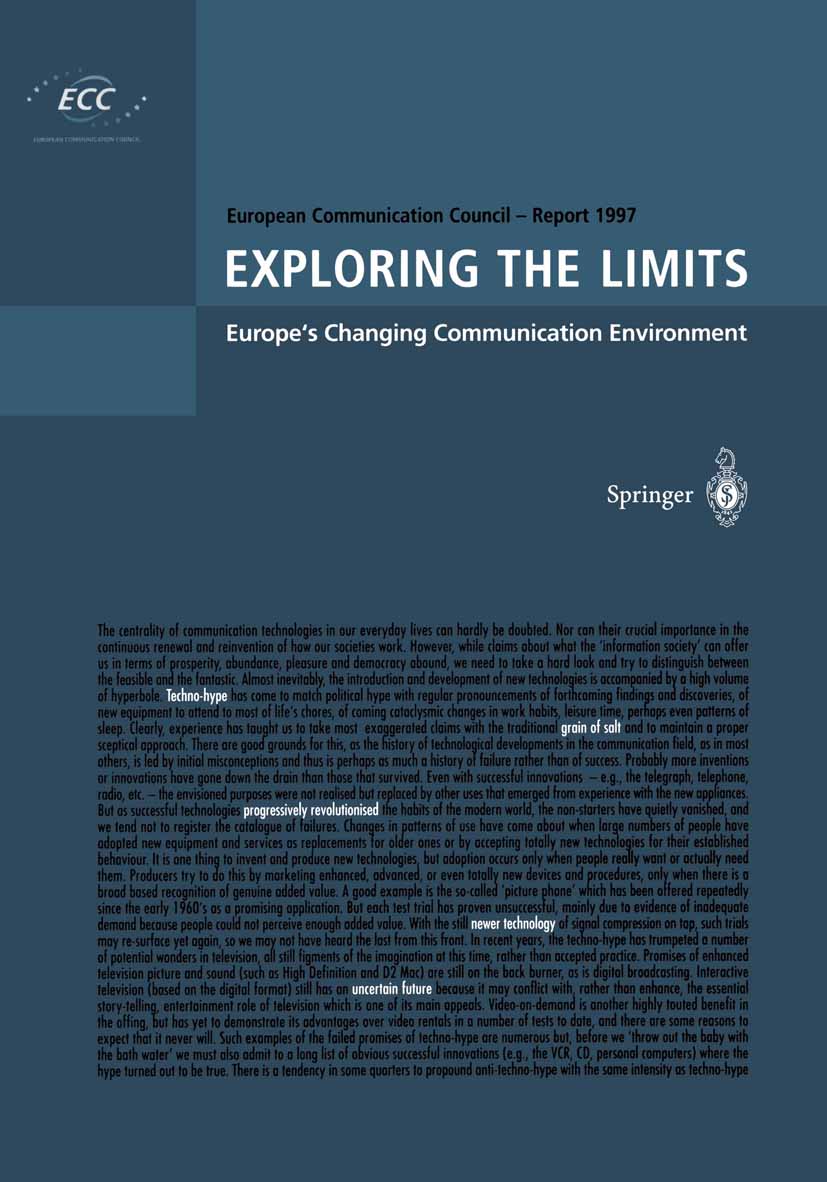
Exploring the Limits In dem Statusreport des European Communication Council stehen wissenschaftliche Analysen mit den Schwerpunkten: die neuen Arbeitsplätze, die Auswirkungen der Regulierungsansätze sowie die Forderung eines eigenen europäischen Internets im Vordergrund. Der erstmaig erstellte Facts & Figures - Teil informiert über die neuesten Basisdaten der Kommunikationsindustrie. Die wichtigsten Thesen: Ein eigenes europäisches Internet ist notwendig, um die Online-Nutzung in Europa zu erleichtern und zu beschleunigen. Neue europäische Medien brauchen eigene europäische Anbieter, um die gesellschaftliche und kulturelle Vielfalt in Europa zu stärken. Die Telekommunikationsleistungen in Europa sind zu teuer. Der integrierte Ansatz der Fernseh- und Telekommunikationsregulierung in den USA kann auch ein Modell für Europa sein. TECHNOLOGY & ENGINEERING,Telecommunications
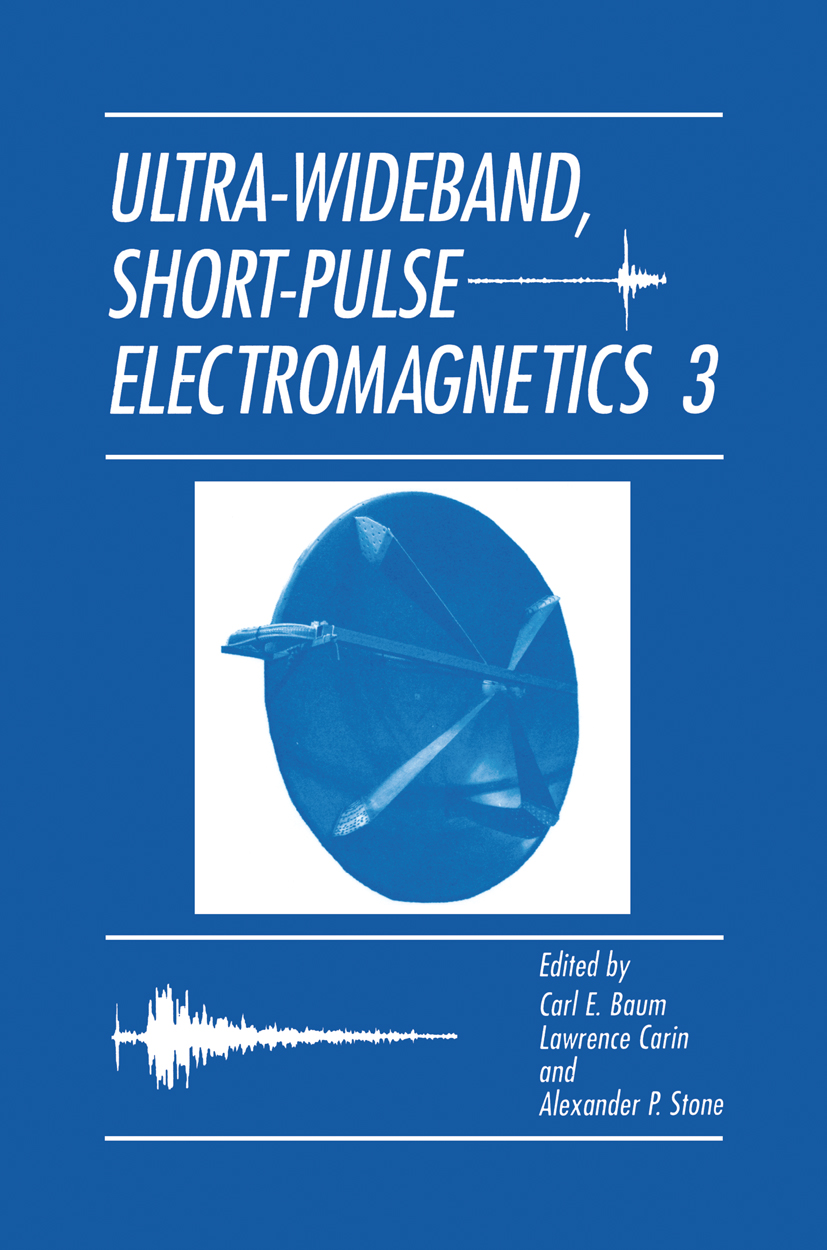
Ultra-Wideband, Short-Pulse Electromagnetics 3 Proceedings of the Third International Conference held in Albuquerque, New Mexico, May 27-31, 1996 TECHNOLOGY & ENGINEERING,Telecommunications
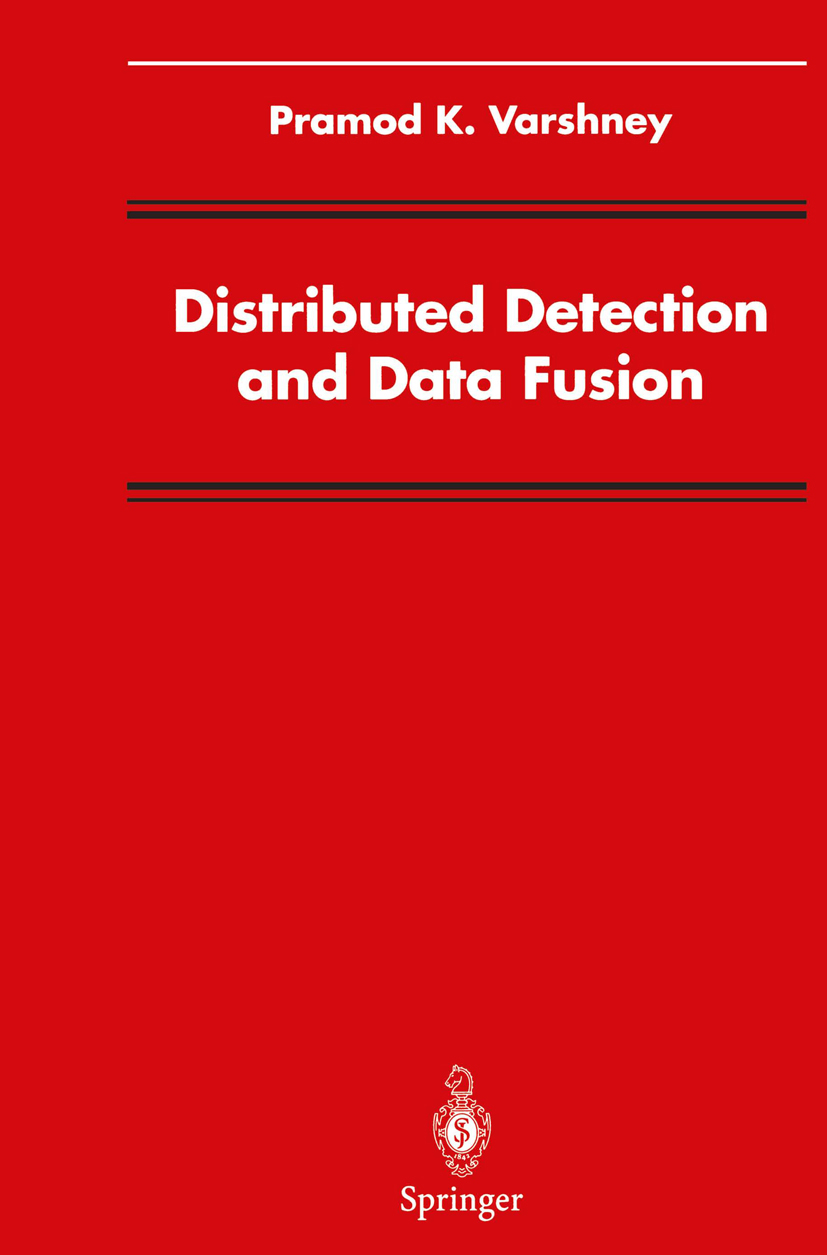
Distributed Detection and Data Fusion This book provides an introductory treatment of the fundamentals of decision-making in a distributed framework. Classical detection theory assumes that complete observations are available at a central processor for decision-making. More recently, many applications have been identified in which observations are processed in a distributed manner and decisions are made at the distributed processors, or processed data (compressed observations) are conveyed to a fusion center that makes the global decision. Conventional detection theory has been extended so that it can deal with such distributed detection problems. A unified treatment of recent advances in this new branch of statistical decision theory is presented. Distributed detection under different formulations and for a variety of detection network topologies is discussed. This material is not available in any other book and has appeared relatively recently in technical journals. The level of presentation is such that the hook can be used as a graduate-level textbook. Numerous examples are presented throughout the book. It is assumed that the reader has been exposed to detection theory. The book will also serve as a useful reference for practicing engineers and researchers. I have actively pursued research on distributed detection and data fusion over the last decade, which ultimately interested me in writing this book. Many individuals have played a key role in the completion of this book. TECHNOLOGY & ENGINEERING,Telecommunications
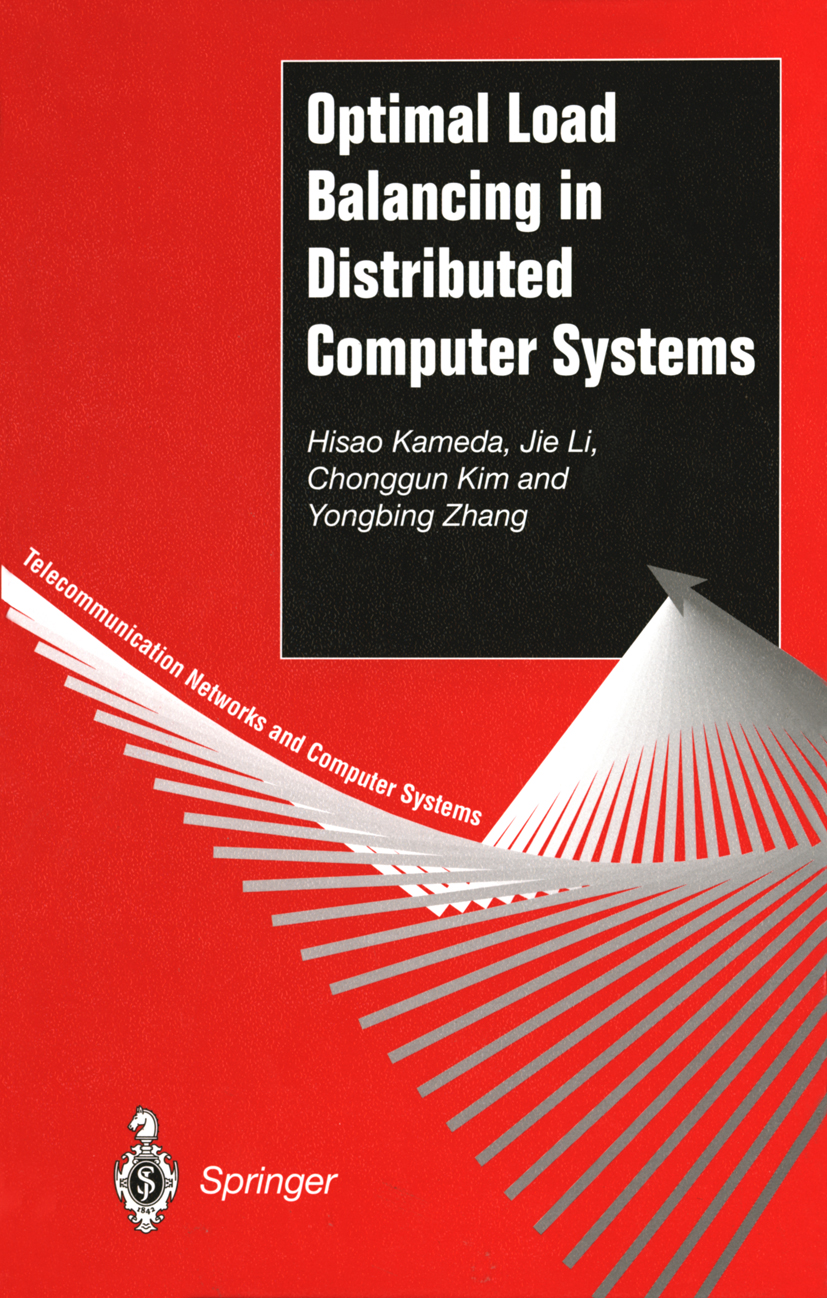
Optimal Load Balancing in Distributed Computer Systems An important consideration in improving the performance of a distributed computer system is the balancing of the load between the host computers. Load balancing may be either static or dynamic; static balancing strategies are generally based on information about the system's average behavior rather than its actual current state, while dynamic strategies react to the current state when making transfer decisions. Although it is often conjectured that dynamic load balancing outperforms static, careful investigation shows that this view is not always valid. Recent research on the problem of optimal static load balancing is clearly and intuitively presented, with coverage of distributed computer system models, problem formulation in load balancing, and effective algorithms for implementing optimization. Providing a thorough understanding of both static and dynamic strategies, this book will be of interest to all researchers and practitioners working to optimize performance in distributed computer systems. TECHNOLOGY & ENGINEERING,Telecommunications
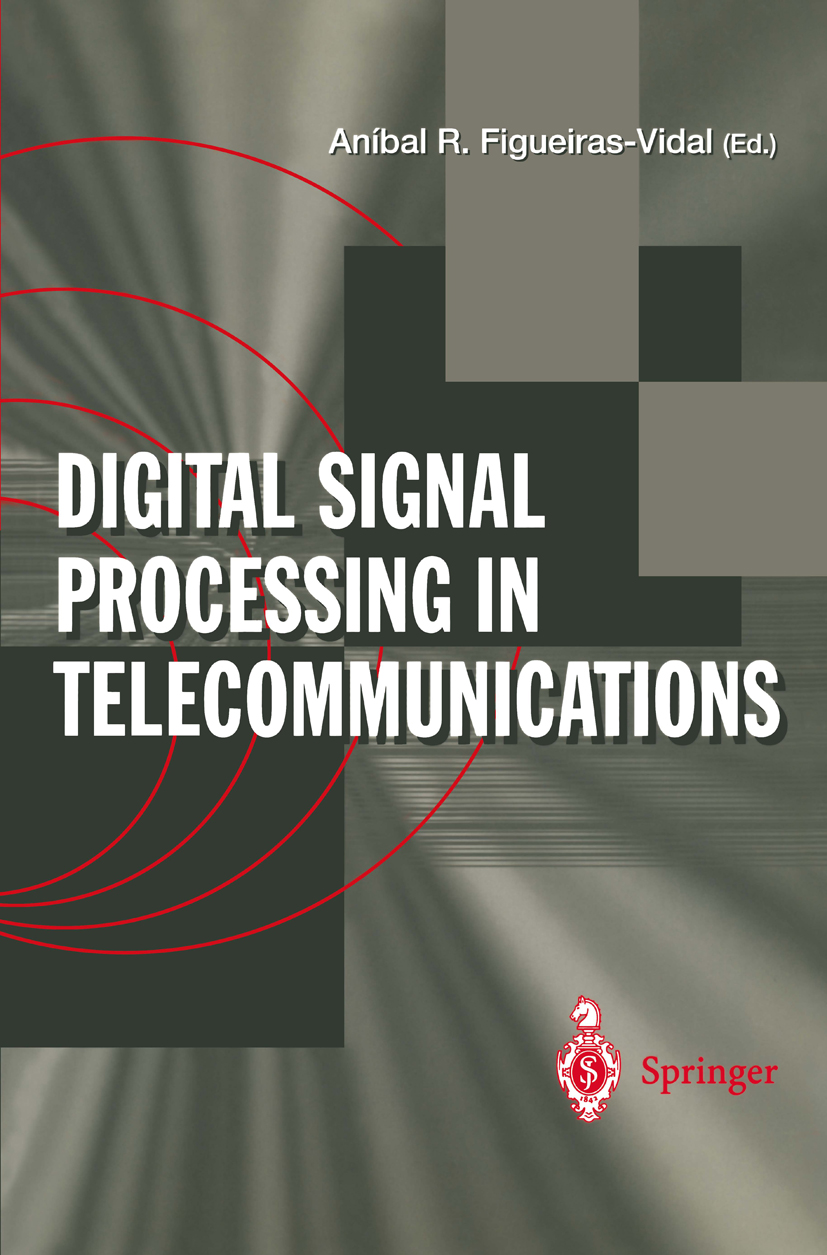
Digital Signal Processing in Telecommunications This publication deals with the application of advanced digital signal processing techniques and neural networks to various telecommunication problems. The editor presents the latest research results in areas such as arrays, mobile channels, acoustic echo cancellation, speech coding and adaptive filtering in varying environments. TECHNOLOGY & ENGINEERING,Telecommunications
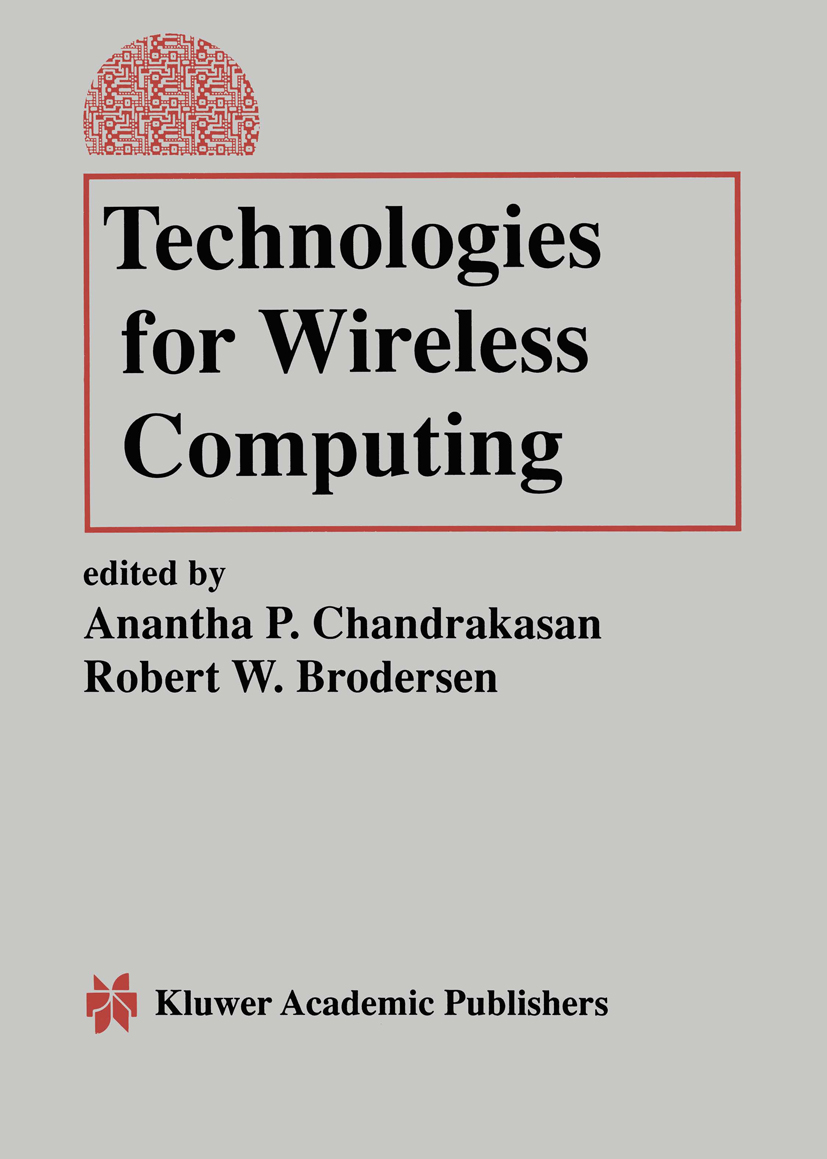
Technologies for Wireless Computing Research over the last decade has brought about the development of high-performance systems such as powerful workstations, sophisticated computer graphics, and multimedia systems such as real-time video and speech recognition. A significant change in the attitude of users is the desire to have access to this computation at any location without the need to be connected to the wired power source. This has resulted in the explosive growth of research and development in the area of wireless computing over the last five years. Technologies for Wireless Computing deals with several key technologies required for wireless computing. The topics covered include reliable wireless protocols, portable terminal design considerations, video coding, RF circuit design issues and tools, display technology, energy-efficient applications, specific and programmable design techniques, energy efficiency metrics, low-voltage process technology and circuit design considerations, and CAD tools for low-power design at the behavior, logic and physical design level. Technologies for Wireless Computing is an edited volume of original research comprising invited contributions by leading researchers. This research work has also been published as a special issue of the Journal of VLSI Signal Processing Systems (Volume 13, Numbers 2 & 3). TECHNOLOGY & ENGINEERING,Telecommunications
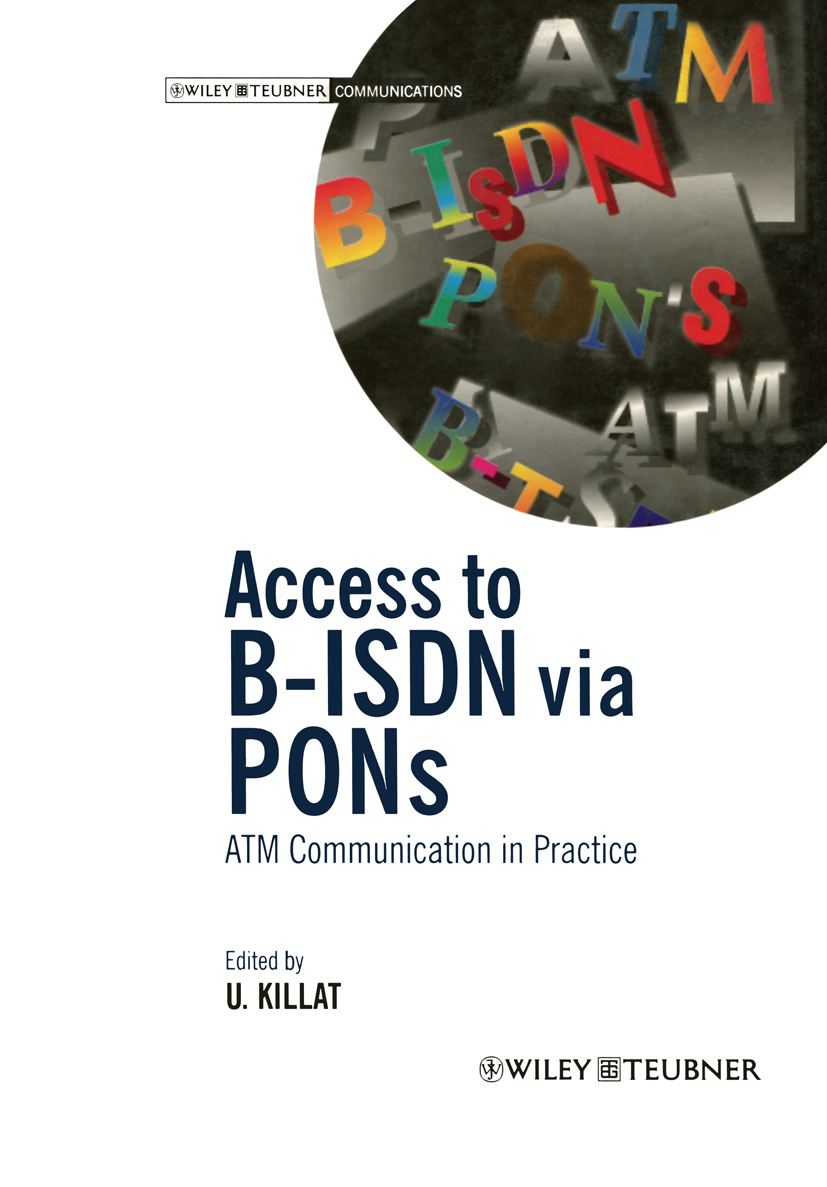
Access to B-ISDN via PONs It is with great pleasure that I respond to the kind invitation of the BAF project to contribute prefatory remarks to this account of their work, carried out under the auspices of the RACE Programme (Research and Development in Advanced Communications in Europe). The objective of the RACE Programme was to support the intro duction of Integrated Broadband Communications in the European Union. An important part of this overall objective was served by the BAF project, which has aimed to produce a cost-effective access facility for broadband networks, especially for residential and small business customers. As this book relates, in order to do so the project consortium merged two advanced communications technologies, ATM and PON, with contributions from many other disciplines, to create a demon strator which has been subject to extensive trials and testing which have been fruitful both in contributions to international standards and in development work to improve further future generations of the system. This book forms an important reference source through the experience gained in this unique experiment in advanced telecommunications. Another significant feature of the project should not be overlooked however. When the European Commission first began looking at supporting industrial research in Europe in the mid-1980s, it was clear that we had important strengths in telecommunications. It was equally clear that a revolution was on the way - the digital revolution - and European pre-eminence in the field was not guaranteed for ever. TECHNOLOGY & ENGINEERING,Telecommunications
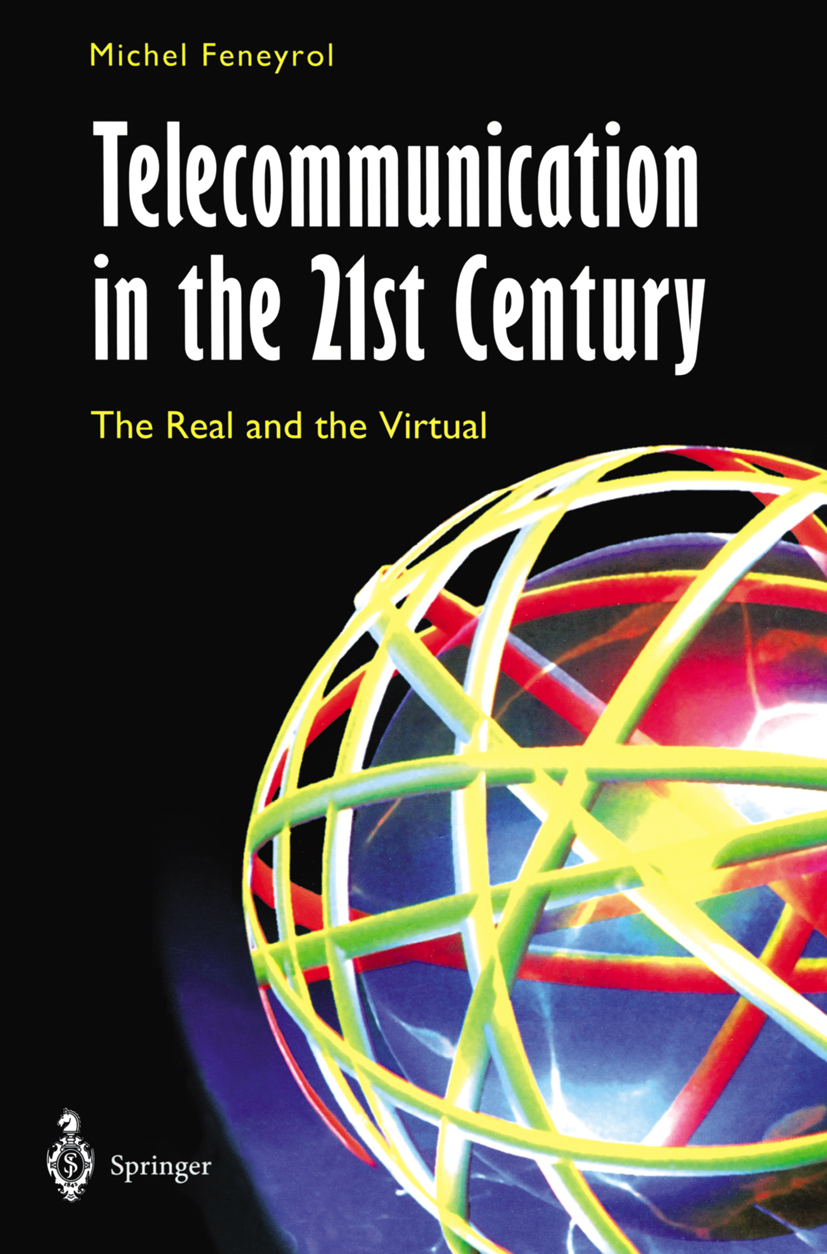
Telecommunication in the 21st Century During this century, telecommunications have been revolutionized by the advent of transistors and integrated circuits, solid state lasers, global satellites and optical fibres. As we enter the next century and the next millennium, this technological revolution is set to speed up. Advances will be shaped by many factors: technological breakthroughs, market forces, politics, economics, regulations. More importantly they will be shaped by human and social factors, and the success or failure of products and services will largely be driven by consumer demand. The potential of today's developments suggests incredible possibilities, but many of these may never be realized. This illuminating look at the future attempts to distinguish between what will become reality and what will remain hypothetical and focuses on those developments that are the most probable. This is not a book of visionary ideals, but a practical view of the next century of telecommunication. TECHNOLOGY & ENGINEERING,Telecommunications
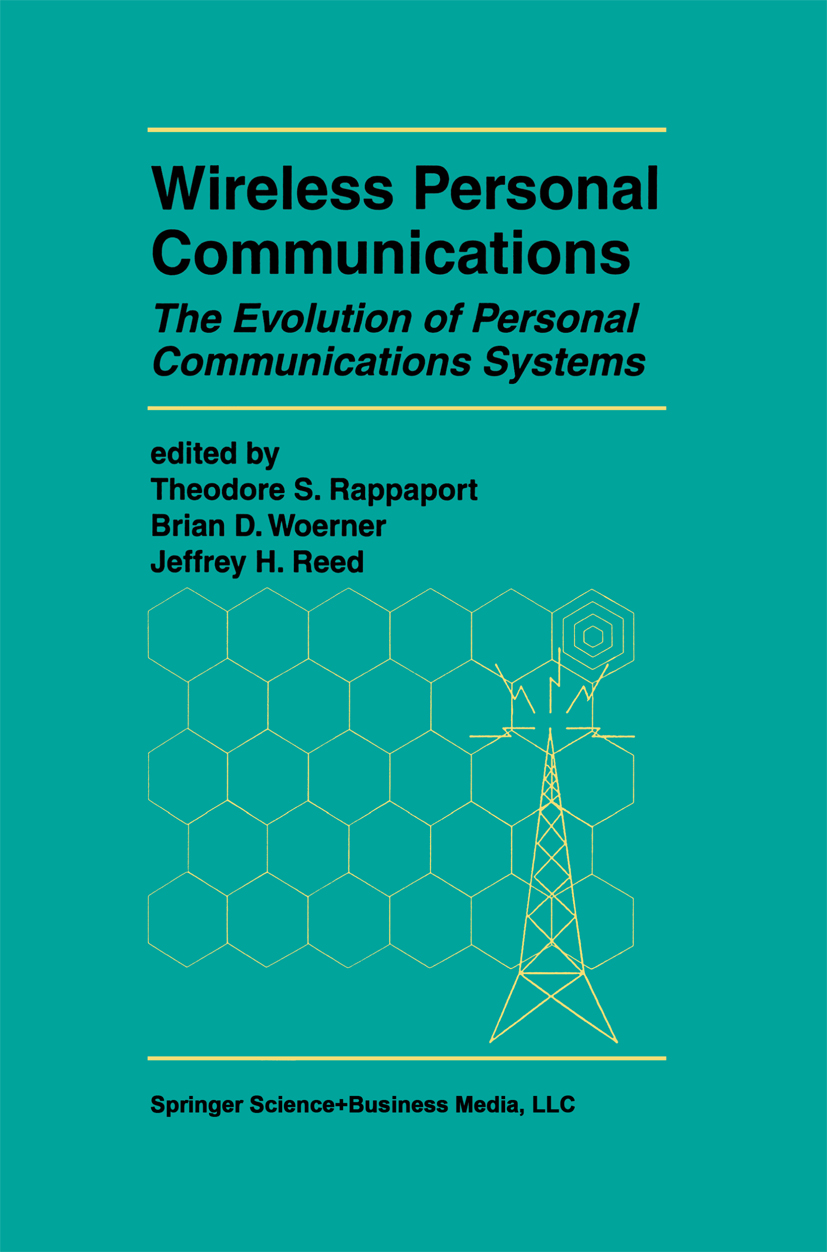
Wireless Personal Communications Wireless personal communications, or wireless as it is now being called, has arrived. The hype is starting to fade, and the hard work of deploying new systems and services for personal communications is underway. In the United States, the FCC propelled the wireless era from infancy to mainstream with a $7.7 billion auction of 60 MHz of radio spectrum in the 180011900 MHz band. With the largest single sale of public property in the history of mankind mostly complete, the resources of the entire world are being called upon to develop inexpensive, rapidly deployable wireless systems and sub scriber units for an industry that is adding s\lbscribers at greater than 50% annual rate. This growth is commonplace for wireless service companies throughout the world, and in the U.S., where as many as 7 licensed wireless service providers may be competing for cellularlPCS customers within the next couple of years, differentiators in cost, qual ity, service, and coverage will become critical to customer acceptance and use. Many of these issues are discussed in the papers included in this book. TECHNOLOGY & ENGINEERING,Telecommunications
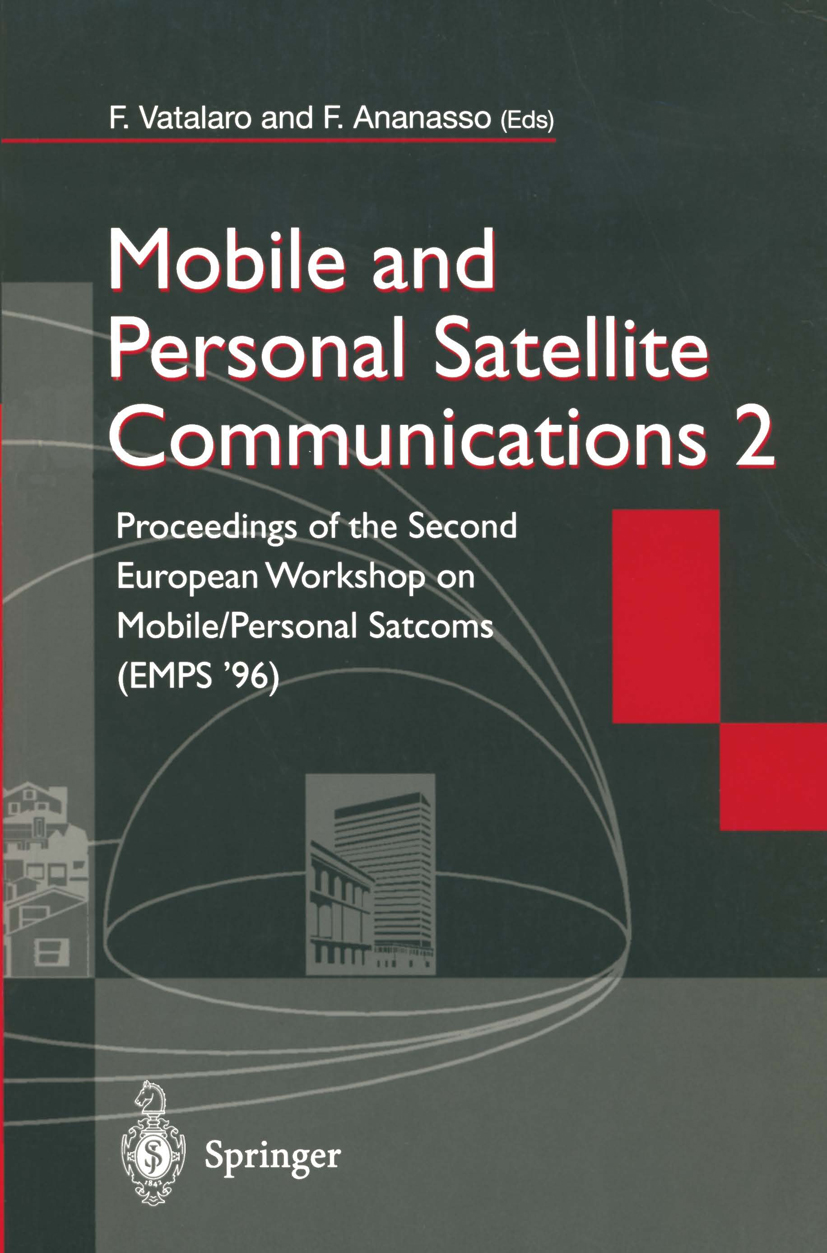
Mobile and Personal Satellite Communications 2 This book of proceedings contains papers for the Second European Workshop on Mobile/Personal Satcoms (EMPS '96), held in Rome, Italy, and hosted by the Consiglio Nazionale delle Ricerche. The EMPS '96 workshop follows the edition of two years ago, and is intended as an occasion for exchange of information and opinions among experts in the fast-growing field of mobile satellite communications. With respect to the first successful edition we only made one main modification. We issued a formal call for papers, instead oflimiting the selection process to invited papers as was in the past: 60 papers were received from 18 countries. Each paper has been reviewed by at least two referees, and then 41 papers were selected by the Workshop Steering Committee (WSC). An invited introductory lecture opens the workshop and is given by Dr. Andrew J. Viterbi, who is also honorary chairman of EMPS '96. Satellite Personal Communications Networks (SPCNs) are now expected to grow very fast, even beyond the most optimistic forecast: their unique feature to establish ex abrupto a world-wide communication fabric is certainly the winning card. Market analyses now indicate that LEO networks already planned to be operational around 1998 even risk being overwhelmed by users request, so that their extensions are already being considered. And, additionally, multimedia SPCNs are also being introduced at higher frequencies to provide broadband services. TECHNOLOGY & ENGINEERING,Telecommunications
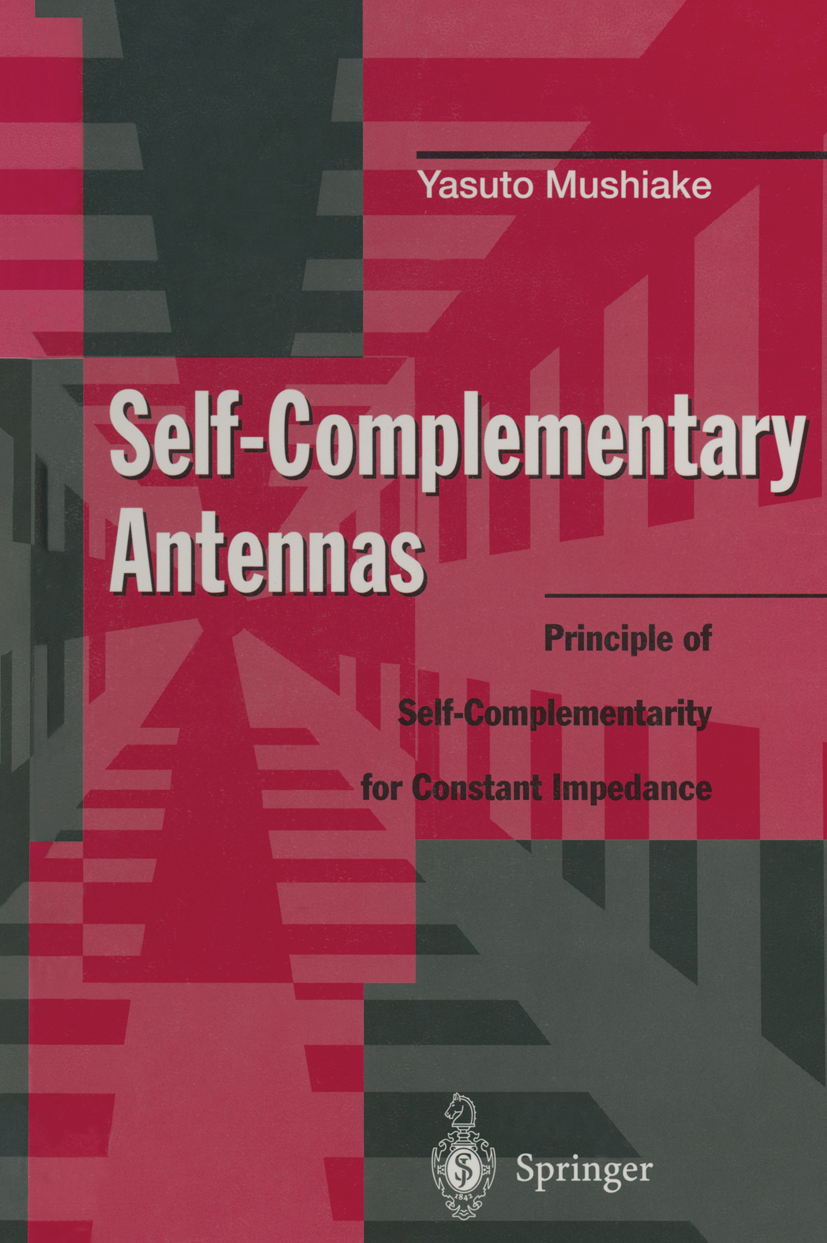
Self-Complementary Antennas An antenna with a self-complementary structure has a constant input impedance, independent of the source frequency and of the shape of the structure. The principle for this property of constant impedance was discovered by Professor Mushiake himself. This is the first study which comprehensively describes the principles of self-complementarity in antennas. It explains the theory which was the basis of the development of this principle and presents various engineering applications with an emphasis on extremely broadband self-complementary antennas. Self-Complementary Antennas will be of particular interest to antenna engineers working with extremely large bandwidths and more generally to electrical engineers with an interest in the development of the field since 1948. TECHNOLOGY & ENGINEERING,Telecommunications
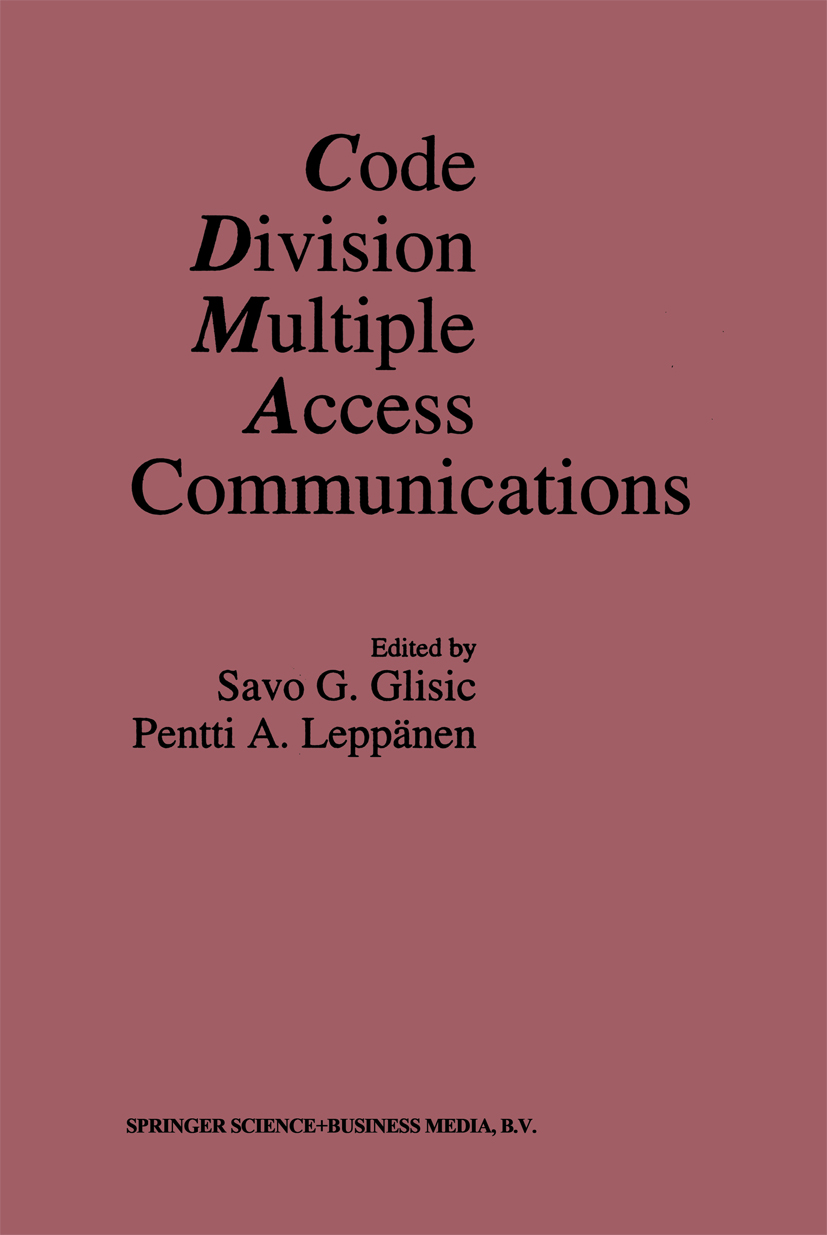
Code Division Multiple Access Communications Code Division Multiple Access (CDMA) has become one of the main candidates for the next generation of mobile land and satellite communication systems. CDMA is based on spread spectrum techniques, which have been used in military applications for over half a century. Only recently, however, has it been recognised that spread spectrum techniques, combined with some additional steps, can provide higher capacity and better flexibility for the mobile cellular radio communications. Code Division Multiple Access Communications comprises a set of contributions from the most distinguished world scientists in the field. These papers review the basic theory and some of the most important problems related to spread spectrum and CDMA. The topics covered centre on the information theory aspects of CDMA; interference suppression and performance analysis. The material presented in this book summarises the main problems in modern CDMA theory and practice and gives a solid starting point for studying this complex and still challenging field. As such Code Division Multiple Access Communications is essential reading for all researchers and designers working in mobile communication systems and provides an excellent text for a course on the subject. TECHNOLOGY & ENGINEERING,Telecommunications
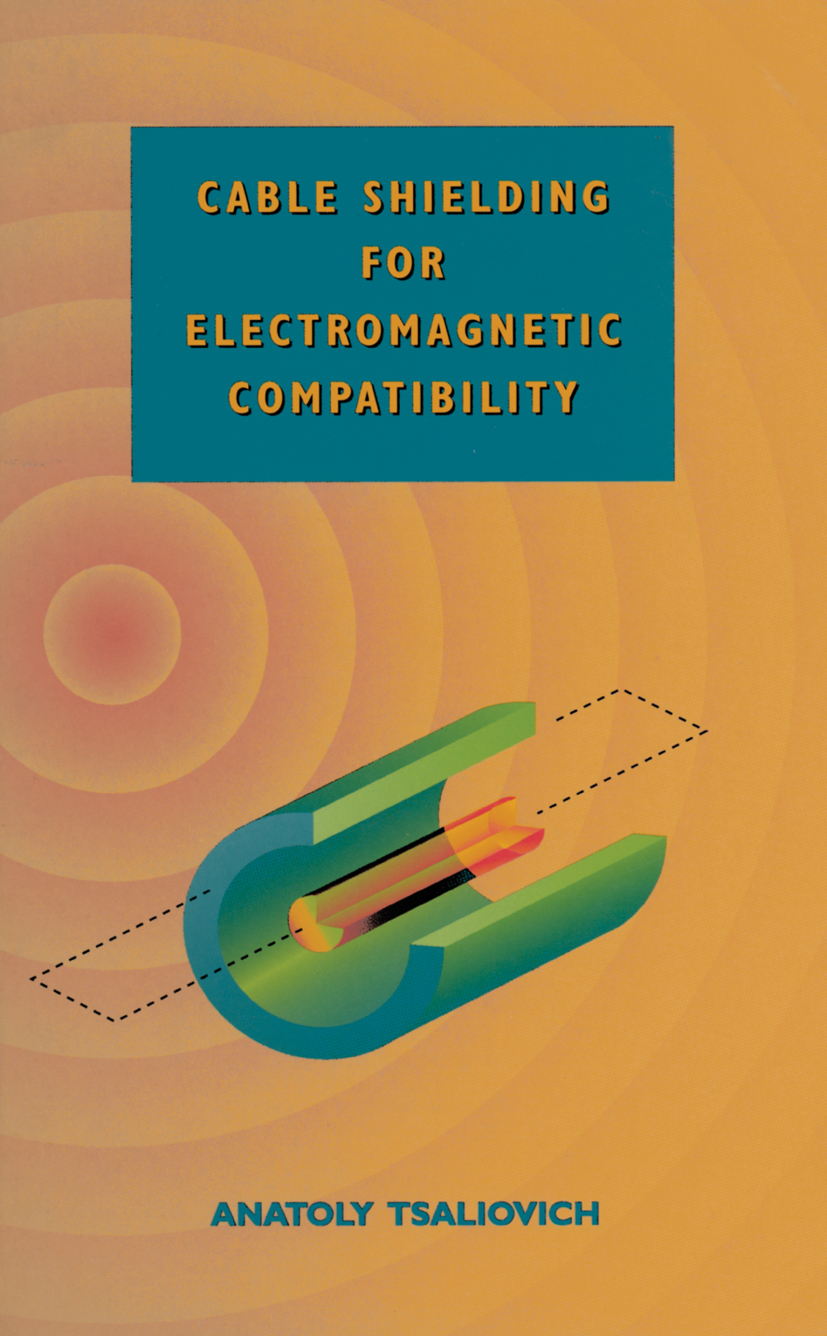
Cable Shielding for Electromagnetic Compatibility The mathematical theory of wave propagation along a conductor with an external coaxial return is very old, going back to the work of Rayleigh, Heaviside, and J. J. Thomson. These words were written by S. A. Schelkunoff back in 1934. Indeed, those early works dealt with signal propagation along the line as well as electromagnetic shielding of the environment inside and/or outside the metallic enclosures. Max well himself developed pioneering studies of single-layer shielding shells, while a paper with such a "modern" title as "On the Magnetic Shielding of Concentric Spherical Shells" was presented by A. W Rucker as early as 1893! * Such "state of the art" shielding theory created in the last century is even more amazing if you think that at almost the same time (namely, in 1860s), a manuscript of Jules Verne's book, Paris in the. xx Century, was rejected by a publisher because it pre dicted such "outrageously incredible" electrotechnology as, for example, FAX service by wires and the electrocutioner's chair. (With regard to the last invention, I suspect many readers would rather Jules Verne has been wrong. ) However, although the beginning of electromagnetic shielding theory and its implementation to electronic cables date back more than a century, this dynamic field keeps constantly growing, driven by practical applications. TECHNOLOGY & ENGINEERING,Telecommunications
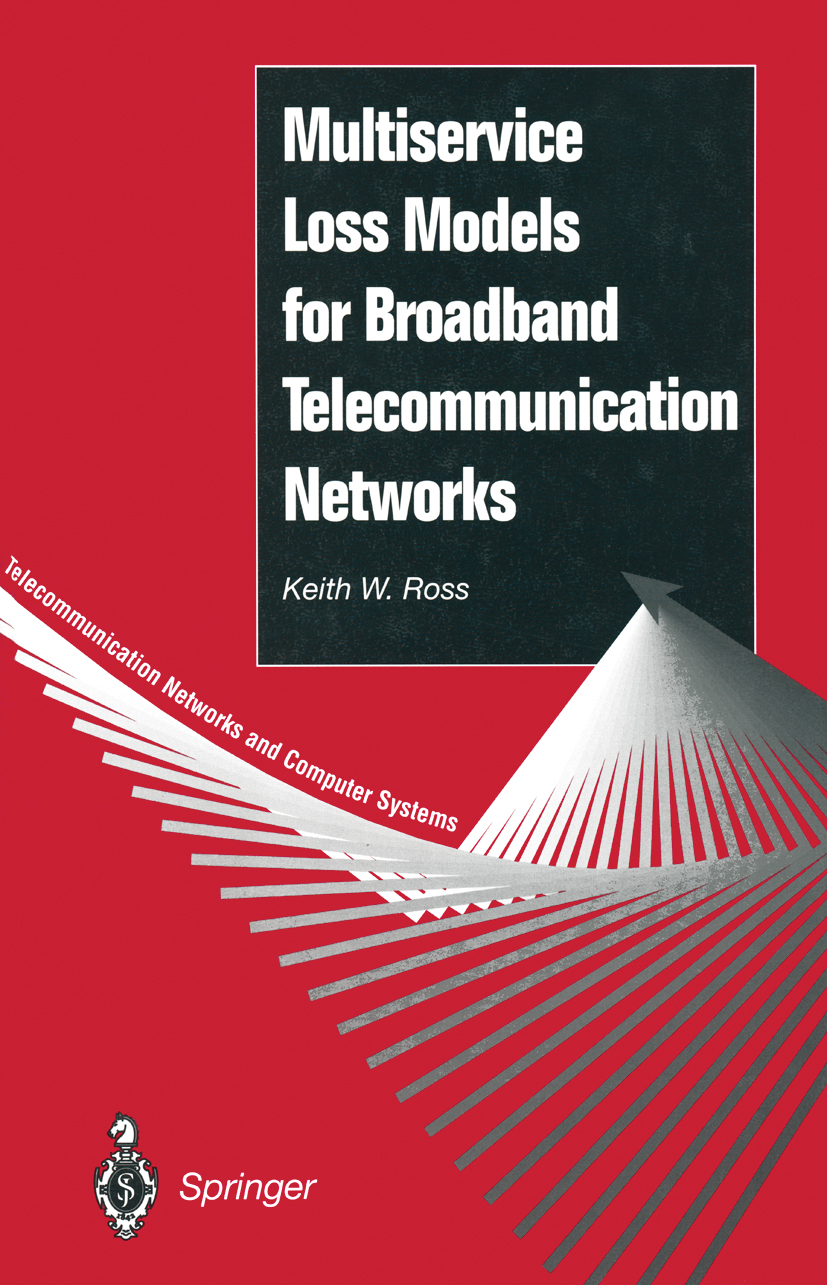
Multiservice Loss Models for Broadband Telecommunication Networks Loss networks ensure that sufficient resources are available when a call arrives. However, traditional loss network models for telephone networks cannot cope with today's heterogeneous demands, the central attribute of Asynchronous Transfer Mode (ATM) networks. This requires multiservice loss models. This publication presents mathematical tools for the analysis, optimization and design of multiservice loss networks. These tools are relevant to modern broadband networks, including ATM networks. Addressed are networks with both fixed and alternative routing, and with discrete and continuous bandwidth requirements. Multiservice interconnection networks for switches and contiguous slot assignment for synchronous transfer mode are also presented. TECHNOLOGY & ENGINEERING,Telecommunications
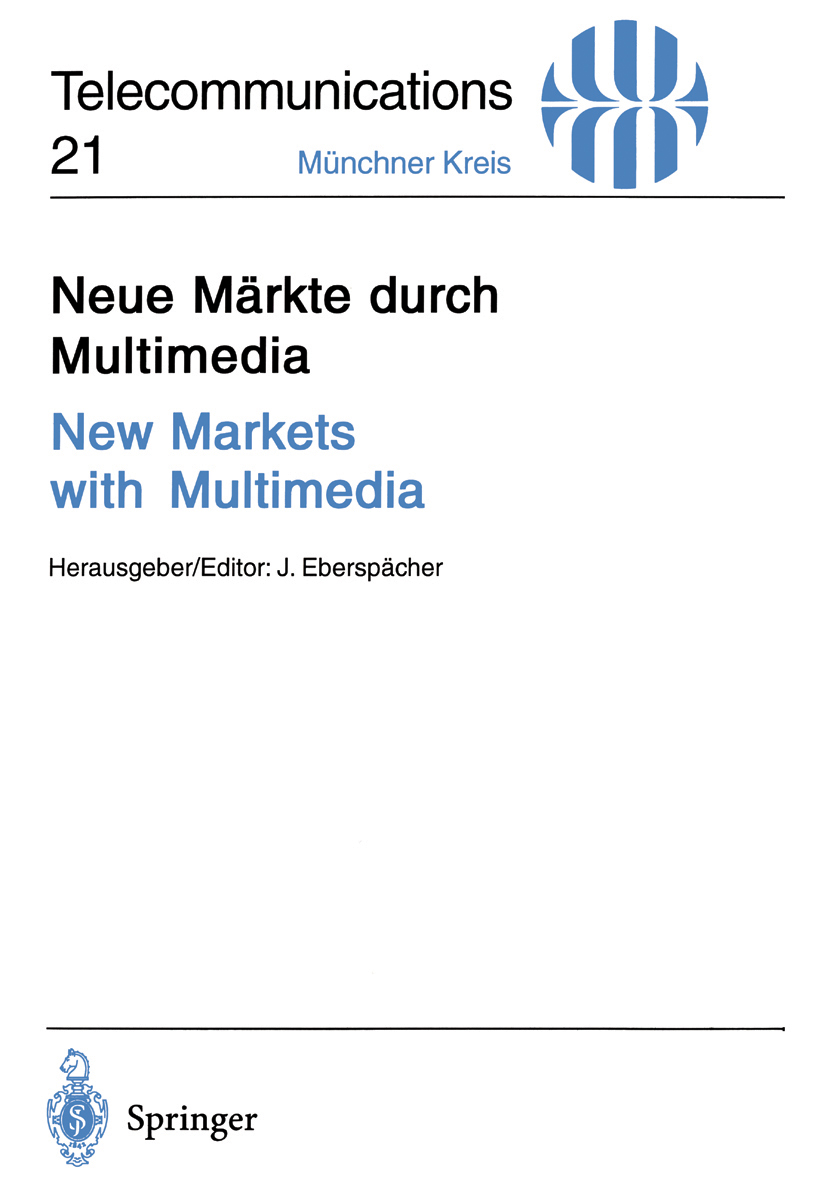
Neue Märkte durch Multimedia / New Markets with Multimedia Dieser Kongreß wurde zusammen mit dem Bundesministerium für Bildung, Wissenschaft, Forschung und Technologie veranstaltet TECHNOLOGY & ENGINEERING,Telecommunications
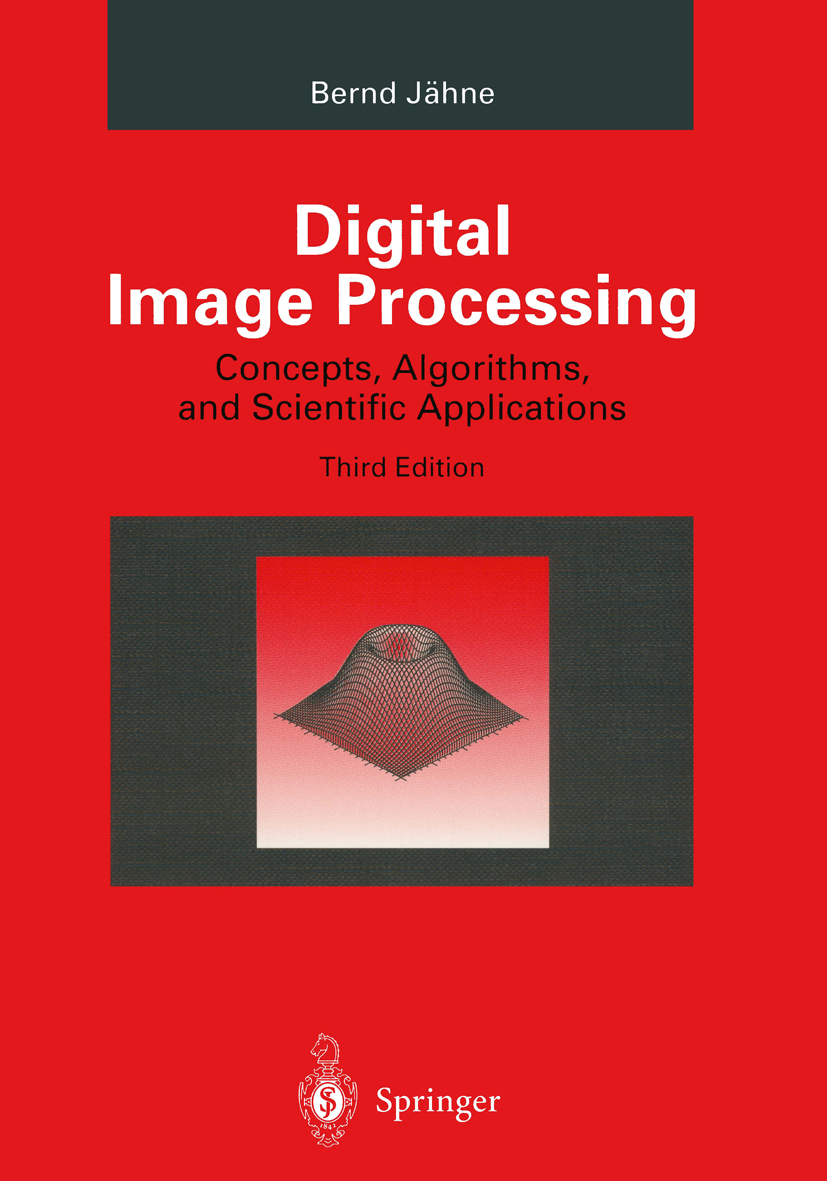
Digital Image Processing From the reviews of the first edition:"I recommend this book to anyone seriously engaged in image processing. It will clearly stretch the horizon of some readers and be a good reference for others. This is not just another image processing book; it is a book worth owning and a book worth reading several times ..." #J. Electronic Imaging#This practical guidebook uses the concepts and mathematics familiar to students of the natural sciences to provide them with a working knowledge of modern techniques of digital image processing. It takes readers from basic concepts to current research topics and demonstrates how digital image processing can be used for data gathering in research. Detailed examples of applications on PC-based systems and ready-to-use algorithms enhance the text, as do nearly 200 illustrations (16 in color). The book also includes the most exciting recent advances such as reconstruction of 3-D objects from projections and the analysis of stereo images and image sequences. TECHNOLOGY & ENGINEERING,Telecommunications
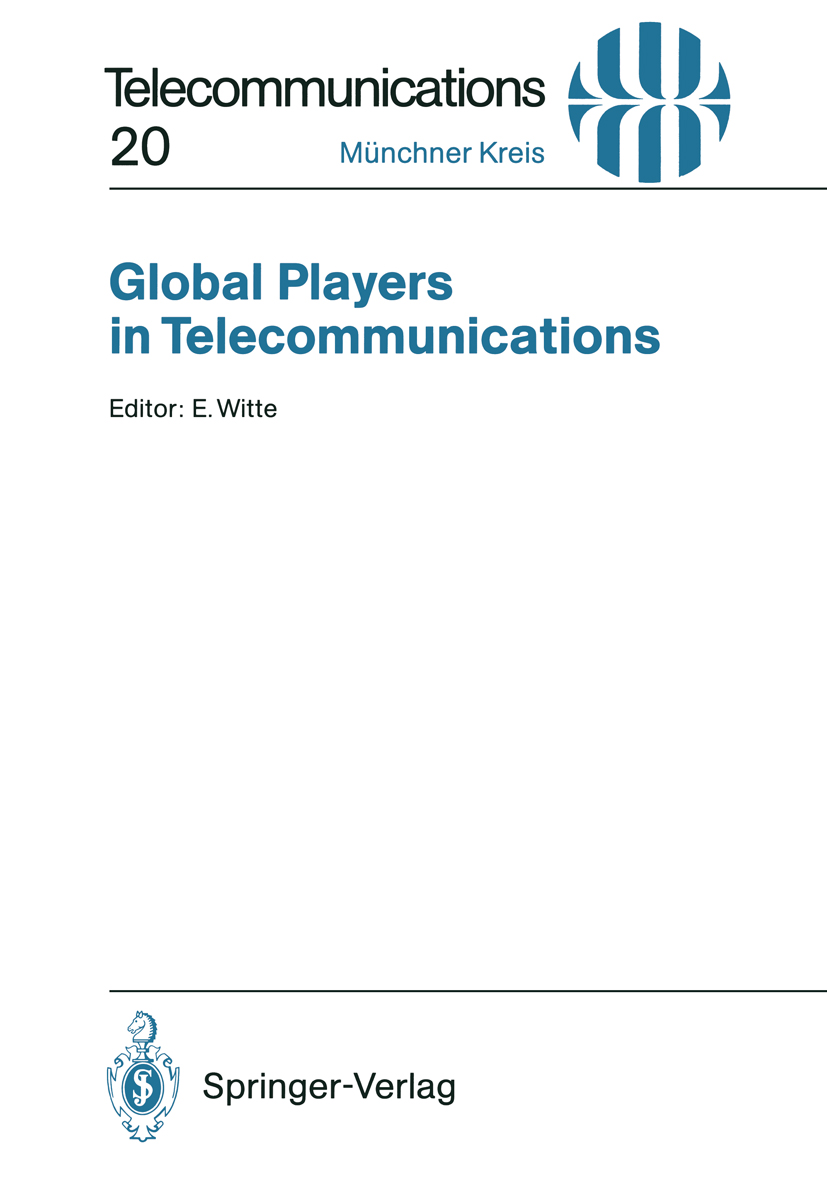
Global Players in Telecommunications The forthcoming privatization of the German Telekom and the opening of the European Market create a demand for competition of all communication service companies across the borders. In order to gain an overall view on the worldwide strategies of the important and especially active Telecommunication companies, the "Münchner Kreis" has organized a congress, entitled "Global Players in Telecommunication". In this volume, leading representatives of the most important public telecommunication companies are explaining their present situation and specifying their future activities. TECHNOLOGY & ENGINEERING,Telecommunications
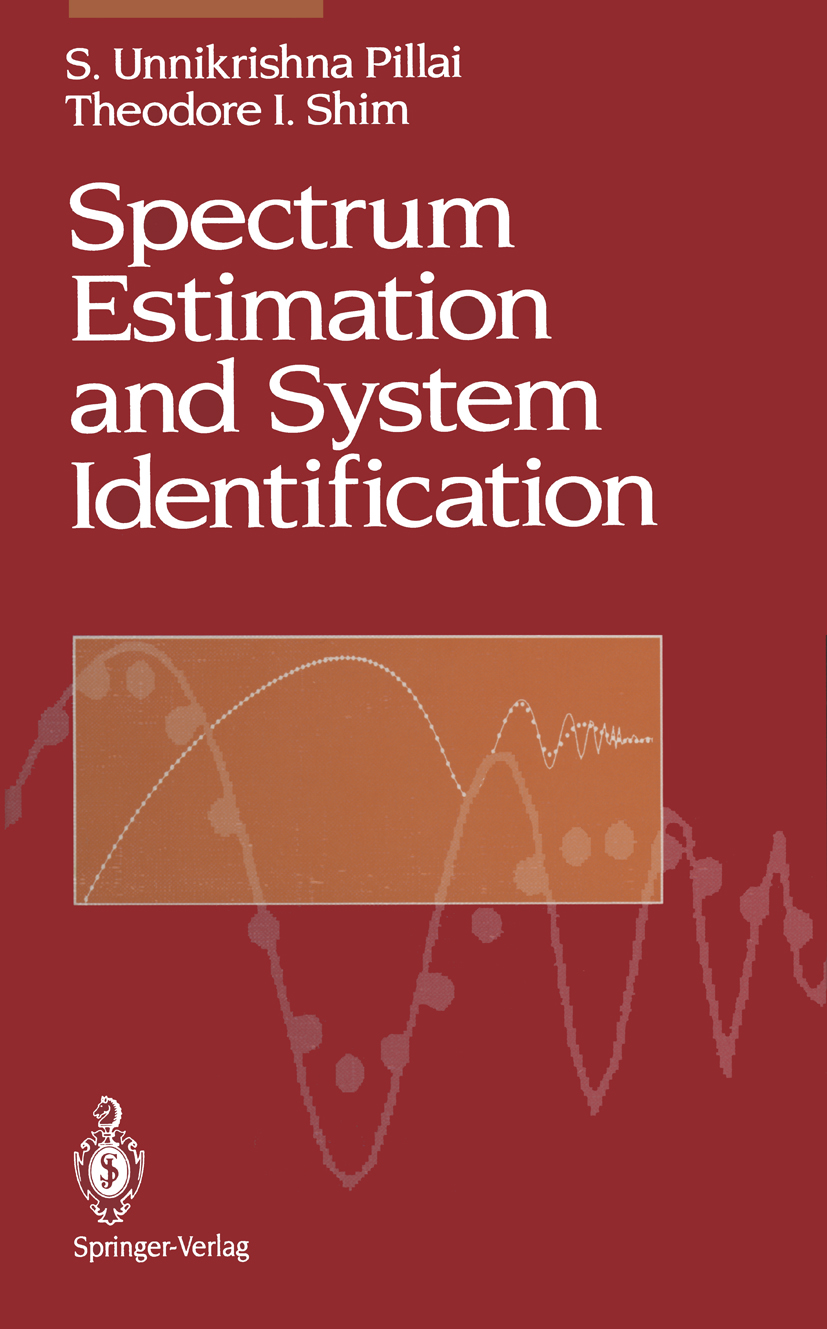
Spectrum Estimation and System Identification Spectrum estimation refers to analyzing the distribution of power or en ergy with frequency of the given signal, and system identification refers to ways of characterizing the mechanism or system behind the observed sig nal/data. Such an identification allows one to predict the system outputs, and as a result this has considerable impact in several areas such as speech processing, pattern recognition, target identification, seismology, and signal processing. A new outlook to spectrum estimation and system identification is pre sented here by making use of the powerful concepts of positive functions and bounded functions. An indispensable tool in classical network analysis and synthesis problems, positive functions and bounded functions are well and their intimate one-to-one connection with power spectra understood, makes it possible to study many of the signal processing problems from a new viewpoint. Positive functions have been used to study interpolation problems in the past, and although the spectrum extension problem falls within this scope, surprisingly the system identification problem can also be analyzed in this context in an interesting manner. One useful result in this connection is regarding rational and stable approximation of nonrational transfer functions both in the single-channel case and the multichannel case. Such an approximation has important applications in distributed system theory, simulation of systems governed by partial differential equations, and analysis of differential equations with delays. This book is intended as an introductory graduate level textbook and as a reference book for engineers and researchers. TECHNOLOGY & ENGINEERING,Telecommunications
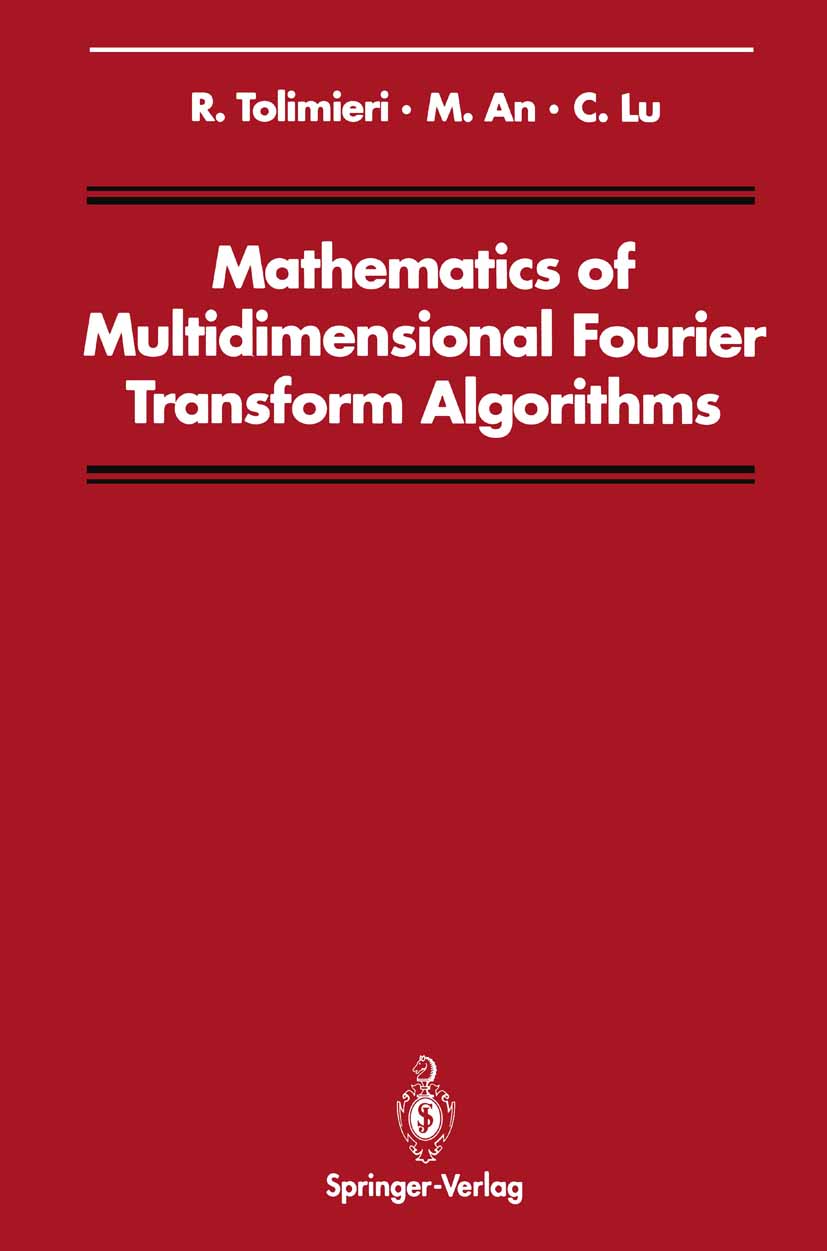
Mathematics of Multidimensional Fourier Transform Algorithms The Fourier transform of large multidimensional data sets is an essen tial computation in many scientific and engineering fields, including seismology, X-ray crystallography, radar, sonar and medical imaging. Such fields require multidimensional arrays for complete and faithful modelling. Classically, a set of data is processed one dimension at a time, permitting control over the size of the computation and calling on well-established I-dimensional programs. The rapidly increasing availability of powerful computing chips, vector processors, multinode boards and parallel machines has provided new tools for carrying out multidimensional computations. Multidimensional processing offers a wider range of possible implementations as compared to I-dimensional the greater flexibility of movement in the data in processing, due to dexing set. This increased freedom, along with the massive size data sets typically found in multidimensional applications, places intensive demands on the communication aspects of the computation. The writ ing of code that takes into account all the algorithmic possibilities and matches these possibilities to the communication capabilities of the tar get architecture is an extremely time-consuming task. A major goal of this text is to provide a sufficiently abstra TECHNOLOGY & ENGINEERING,Telecommunications
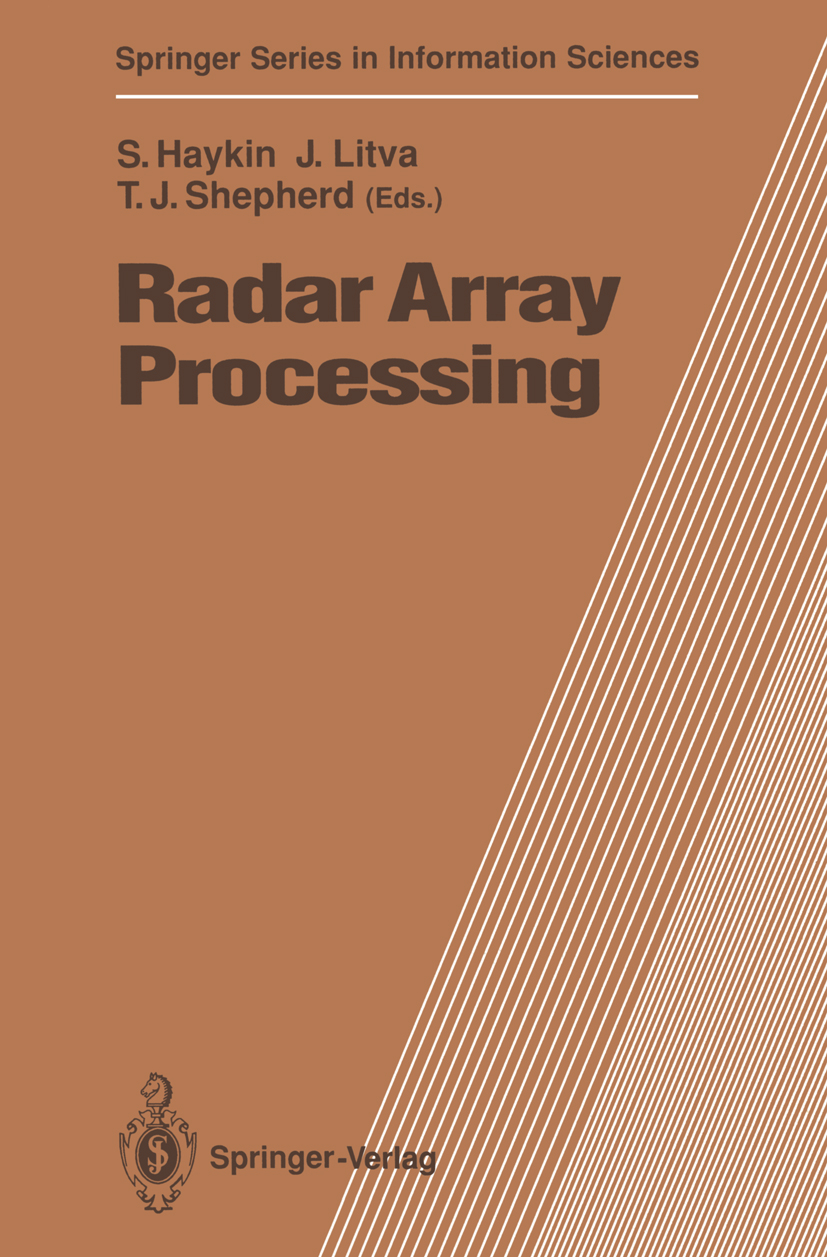
Radar Array Processing Radar Array Processing presents modern techniques andmethods for processingradar signals received by an array ofantenna elements. With the recent rapid growth of thetechnology of hardware for digital signal processing, itisnow possible to apply this to radar signals and thus toenlist the full power of sophisticated computationalalgorithms. Topics covered in detail here include:super-resolution methods of array signal processing asapplied to radar, adaptive beam forming for radar, and radarimaging.This book will be of interest to researchers and studentsinthe radar community and also in related fields such assonar, seismology, acoustics and radio astronomy. TECHNOLOGY & ENGINEERING,Telecommunications
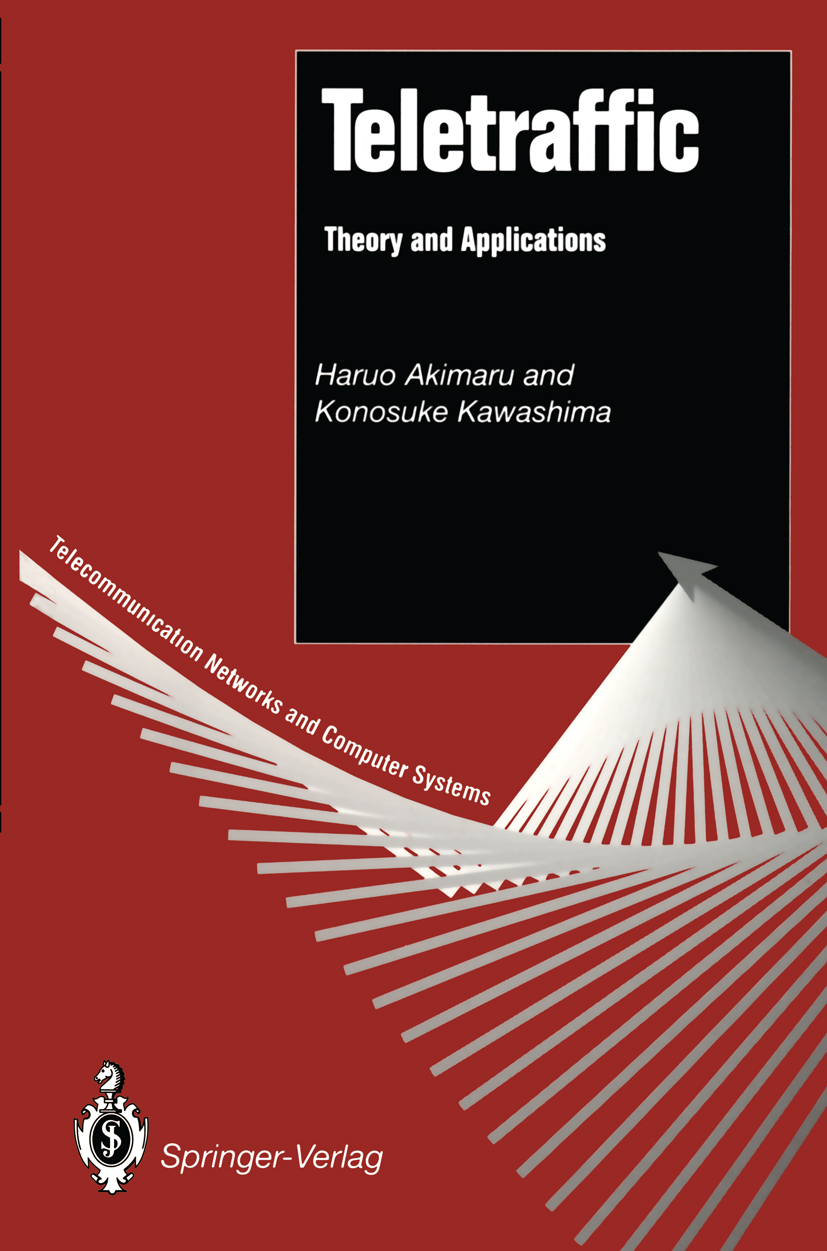
Teletraffic Telecommunications systems have been evolving from the conventional telephone network that mainly deals with voice, to the ISDN (integrated services digital net work) integrating voice, data and image. Moreover, the ATM (asynchronous trans fer mode) and optical switching technologies are being developed for the broadband ISDN which can handle the high speed video communications as well. Computer networks are also progressing from centralized TSS (time-sharing system) to dis tributed LAN (local area network) and VAN (value added network). In the research, development, design and operation of such telecommunications and computer networks, the important problems are determining the optimum con figuration and dimensions of the systems for providing a given performance or GOS (grade of service). The teletraflic theory, the basis for the performance evaluation and the dimensioning, has been studied along with the switching technology, and has developed rapidly by incorporating the recent advances in OR (operations research) and queueing theory. However, it is sometimes difficult for non-experts of teletraffic to understand and apply these theories, because they require a deep mathematical background. TECHNOLOGY & ENGINEERING,Telecommunications
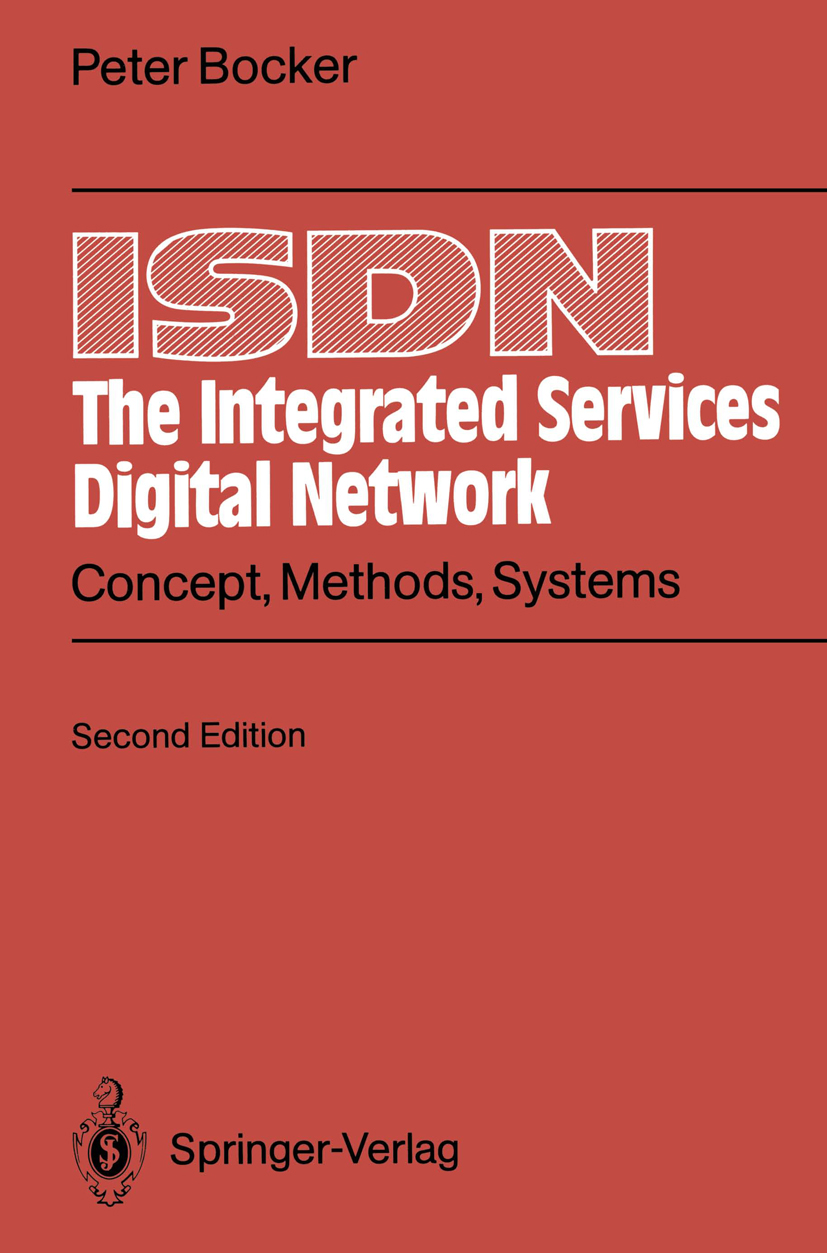
ISDN The Integrated Services Digital Network From the reviews:Computer Communications"Although the concept of ISDN has been with us now for overa decade, and much development work has been carried out du-ring this period, there are very few comprehensive booksavailable on the subject. This is perhaps one of the best ofthem.The book aims to provide engineers and potential engi-neers with an overview of the requirements and features ofISDN that will be useful in thedesign, construction andoperation of such systems. The author and his six collabora-tors have succeeded in this respect, producing a readable,yet thorough, technical book that can be recommended to awider audience...Throughout the book the explanations are enhanced byclear,well-presented, relevant diagrams, and there is a very use-ful annex on the full set of standards relating to ISDN.This is a good book that will definitely be used as a refe-rence over the next few years by many engineers working inthe area..."IEEE Computer"ISDN is a slimbut very effective book dealing with almostevery aspect of the evolution ofpublic communications net-works...I highly recommend this book to engineerswho arenew either to the field of ISDN or to specific ISDN topics.It is clear, concise, and is excellent padding for thosetackling the CCITT recommendations." TECHNOLOGY & ENGINEERING,Telecommunications
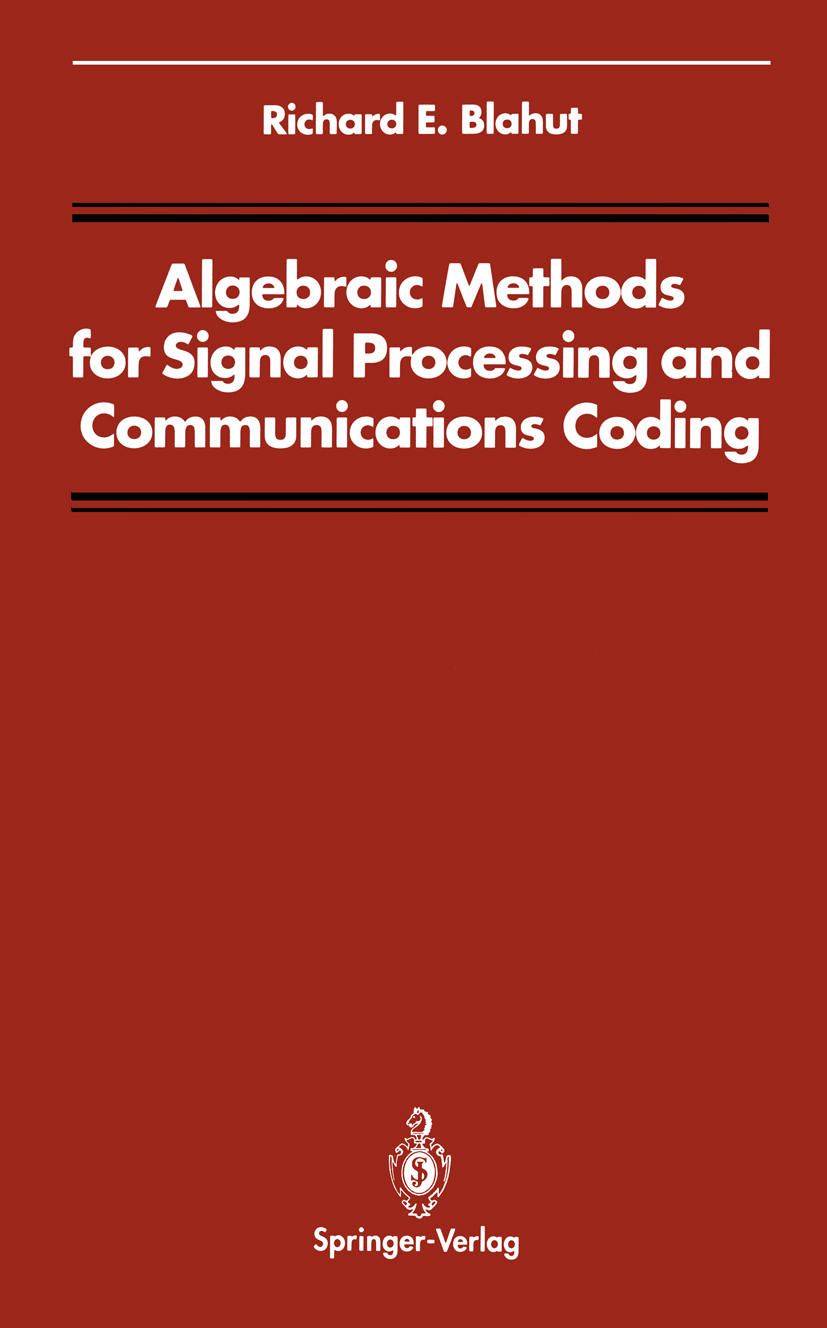
Algebraic Methods for Signal Processing and Communications Coding Algorithms for computation are a central part of both digital signal pro cessing and decoders for error-control codes and the central algorithms of the two subjects share many similarities. Each subject makes extensive use of the discrete Fourier transform, of convolutions, and of algorithms for the inversion of Toeplitz systems of equations. Digital signal processing is now an established subject in its own right; it no longer needs to be viewed as a digitized version of analog signal process ing. Algebraic structures are becoming more important to its development. Many of the techniques of digital signal processing are valid in any algebraic field, although in most cases at least part of the problem will naturally lie either in the real field or the complex field because that is where the data originate. In other cases the choice of field for computations may be up to the algorithm designer, who usually chooses the real field or the complex field because of familiarity with it or because it is suitable for the particular application. Still, it is appropriate to catalog the many algebraic fields in a way that is accessible to students of digital signal processing, in hopes of stimulating new applications to engineering tasks. TECHNOLOGY & ENGINEERING,Telecommunications
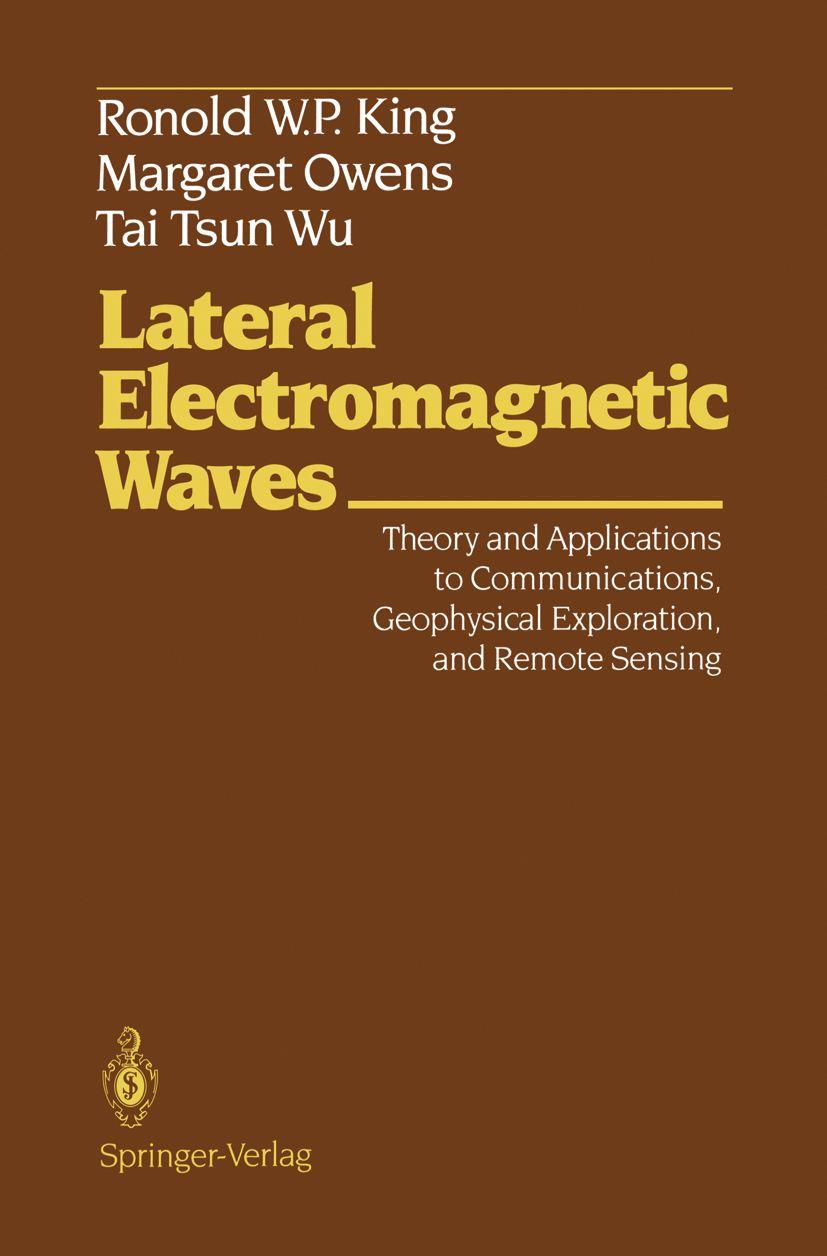
Lateral Electromagnetic Waves The propagation of waves along and across the boundary between two media with different characteristic velocities is much more complicated when the source is on or near the boundary than when it is far away and the incident waves are plane. Examples of waves generated by localized sources near a boundary are the electromagnetic waves from the currents in a dipole on the surface of the earth and the seismic waves from a slip event in a fault in the earth's crust like the San Andreas fault in California. Both involve a type of surface wave that is called a lateral wave in electro magnetics and a head wave in seismology. Since the two are analogous and the latter is more easily visualized, it is conveniently used here to introduce and describe this important type of surface wave using the data of Y. Ben Zion and P. Malin ("San Andreas Fault Zone Head Waves Near Parkfield, CA," Science 251, 1592-1594, 29 March 1991). TECHNOLOGY & ENGINEERING,Telecommunications
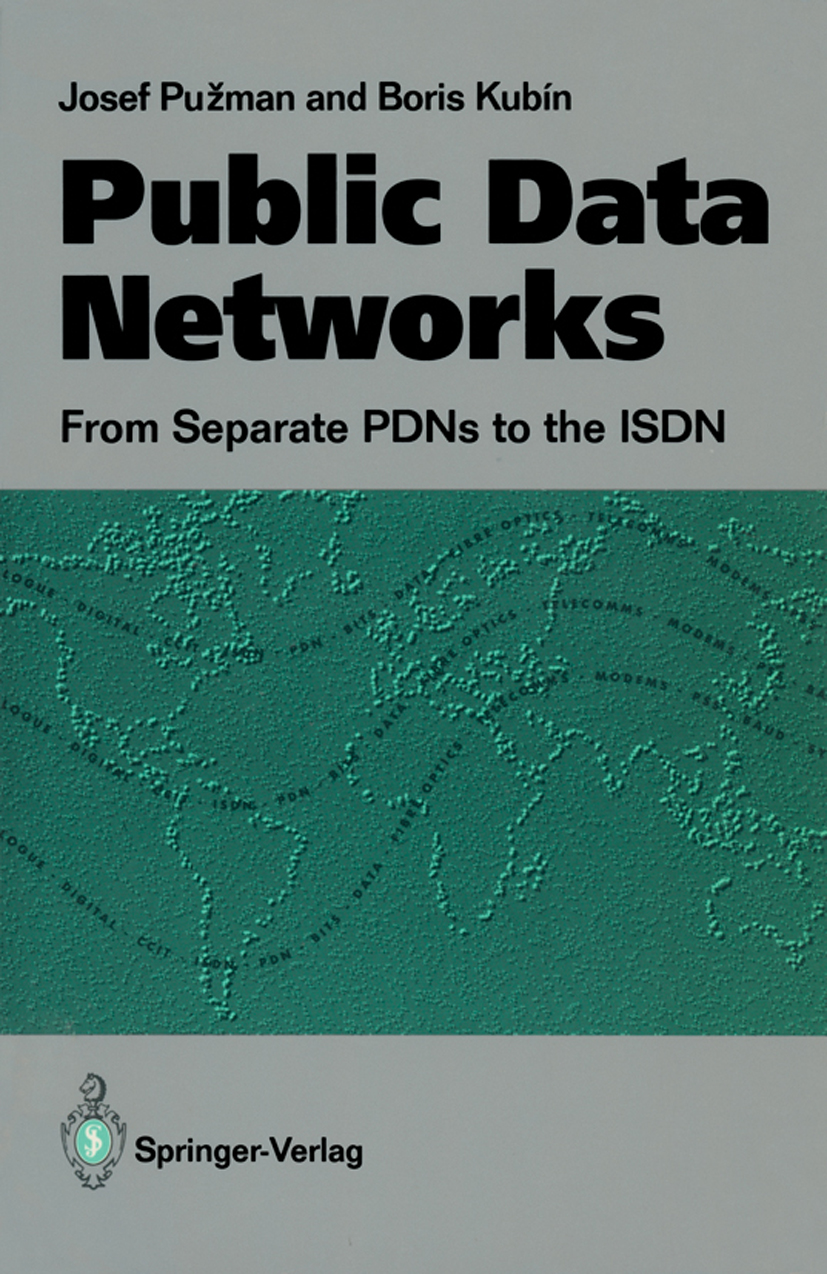
Public Data Networks Public Data Networks provide a comprehensive survey of PDNs, covering all major countries. PDNs allow efficient and cost-effective telecommunication between a terminal and computer, or between computers, regardless of who owns the data terminal. The authors discuss the current state of, and forthcoming developments in, data communications using public telecommunication facilities. Apart from the classical telecommunication networks (telegraph and telephone), public data networks provide the majority of data communication services worldwide. The range of data services and user facilities has gradually expanded, the quality of services improved, and new services have appeared (e.g. datafax, teletex, videotex, message handling and teleconferencing). The authors concentrate on PDN principles, taking account of the latest CCITT recommendations and ISO standards. Appendices and references provide detailed information for those working on PDNs at research, design an implementation level. Network digitalization and integration of networks and services have aided progress towards the integrated services digital network (ISDN). The ISDN uses advanced transmission and switching techniques to enhance the telecommunication services provided to its users. An ISDN has much in common with the PDN as far as architecture, methods of network management and functions are concerned, but there are distinct differences in the methods of access and signalling. The authors have extensive experience in data communication networking. Dr. Kubin is vice-chairman of Study Group IX of the International Telegraph and Telephone Consultative Committee (CCITT); Dr. Puzman is the Czechoslovak representative at Technical Commission 6 (TC-6) of the International Federation for Information Processing (IFIP). Public Data Networks is essential reading for researchers and designers of PDNs, in universities and industry, and provides important reference material for telecommunications and computer science students. TECHNOLOGY & ENGINEERING,Telecommunications
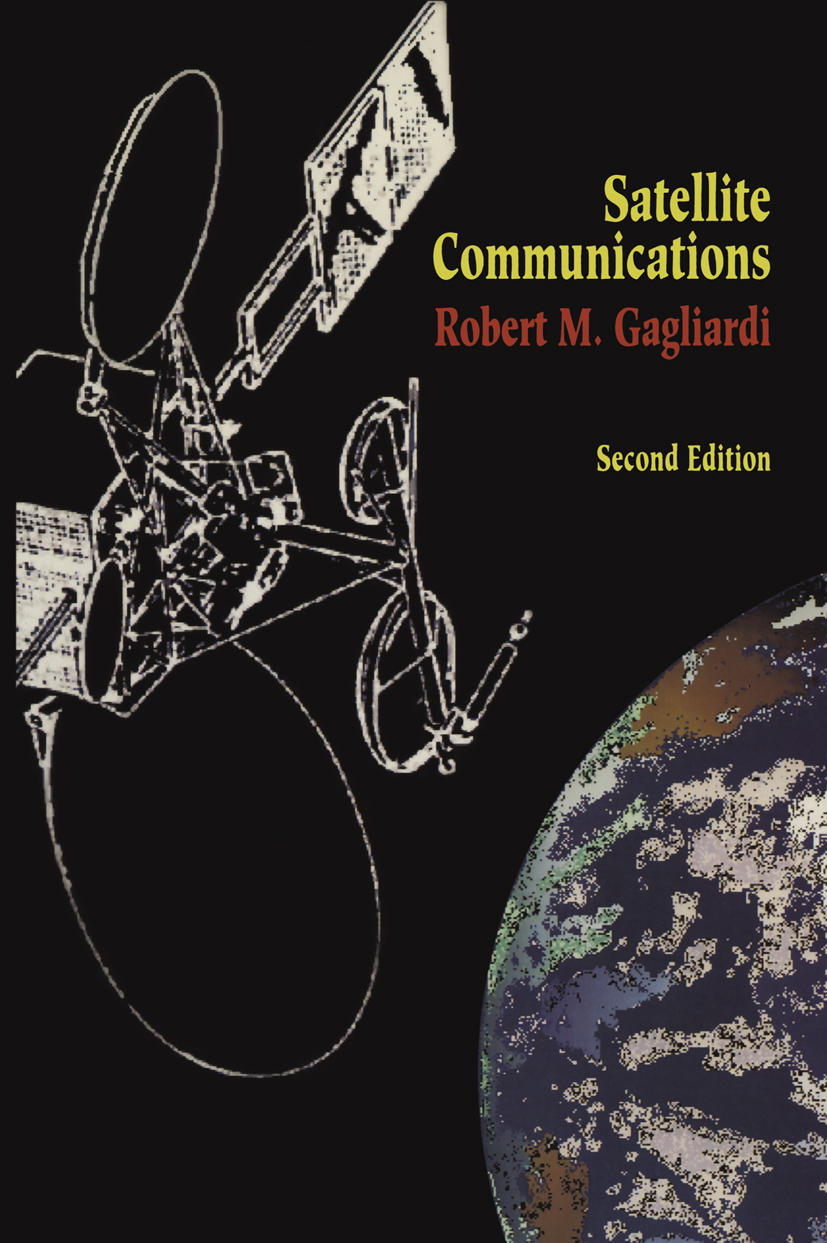
Satellite Communications This second edition of Satellite Communications is a revised, updated, and improved version of the first edition (Van Nostrand, 1984) and has been extended to include many newer topics that are rapidly becoming important in modem and next-generation satellite systems. The first half of the book again covers the basics of satellite links, but has been updated to include additional areas such as Global Positioning and deep space satellites, dual polarization, multiple beaming, advanced satellite electronics, frequency synthesizers, and digital frequency generators. The second half of the book is all new, covering frequency and beam hopping, on-board processing, EHF and optical cross links, and mobile satellites and VSAT systems. All of these latter topics figure to be important aspects of satellite systems and space platforms of the twenty-first century. As in the first edition, the objective of the new edition is to present a unified approach to satellite communications, helping the reader to become familiar with the terminology, models, analysis procedures, and evolving design directions for modem and future satellites. The presentation stresses overall system analysis and block diagram design, as opposed to complicated mathematical or physics descriptions. (Backup mathematics is relegated to the appendices where a reader can digest the detail at his own pace. ) The discussion begins with the simplest satellite systems and builds to the more complex payloads presently being used. TECHNOLOGY & ENGINEERING,Telecommunications
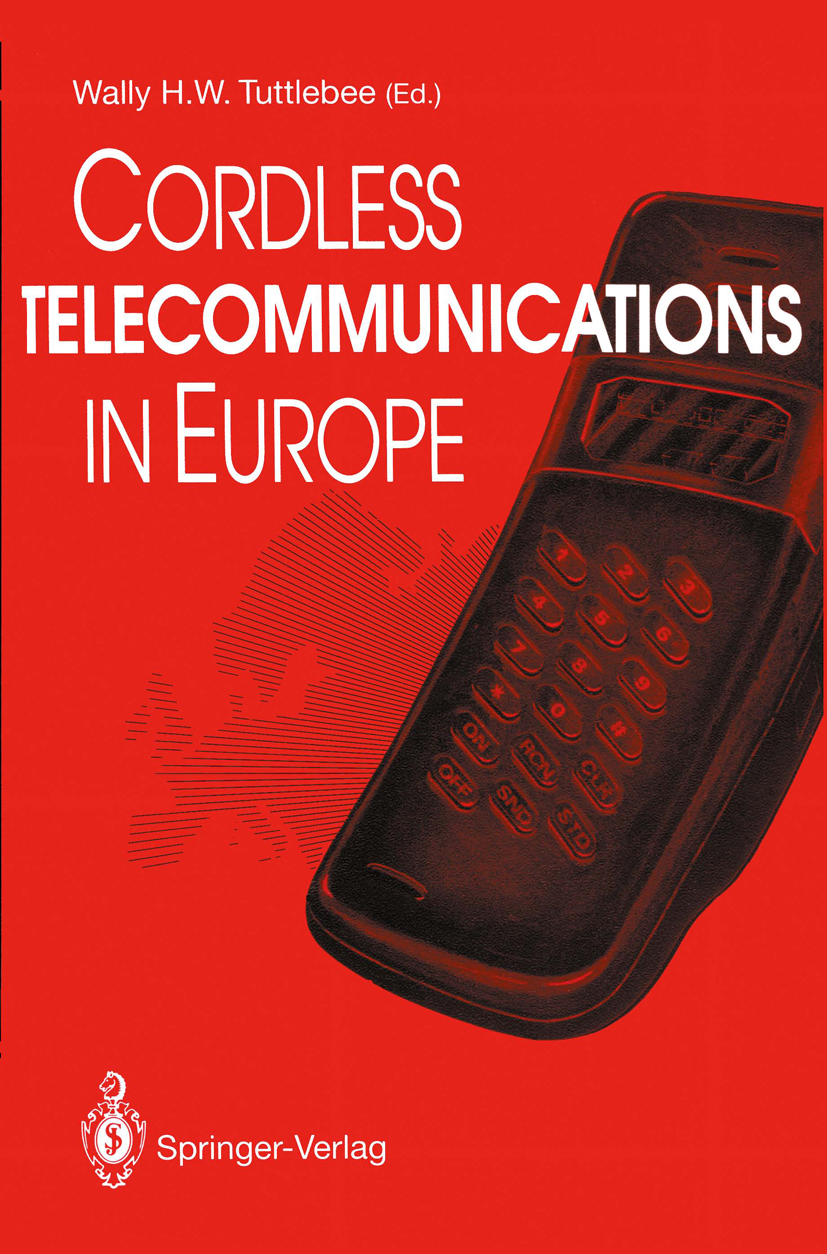
Cordless Telecommunications in Europe The mobile telecommunications industry is experiencing consider able growth at present and with the increased traffic capacities which these systems provide and falling equipment prices, it is expected to continue to grow throughout the 1990s. Projections of equipment costs indicate that even portable cellular handsets could come within the reach of many customers well before the end of the century. This will transform mobile communications services from a minority, high cost application into a mainstream telecommunications service. For both market and technical reasons it is likely that the distinction between cellular, Telepoint and paging services will decrease, and the provision of common hardware in the form of a Universal Personal Communicator will become increasingly feasible. 1987 Green Paper on The European Commission's June Telecommunications included the proposal to create a European Telecommunications Standards Institute (ETSI). This has resulted in a major reform of the European standards-setting process with the establishment of ETSI in March 1988 in Sophia-Antipolis, Nice, France. In the field of cordless telecommunications, ETSI has charged its Technical Sub-Committee RES 3 with producing the Digital European Cordless Telecommunications (DECT) standard by October 1991. In the meantime, the UK CT2 Common Air Interface (CAl) has been agreed by ETSI RES in March 1990 as the basis for an Interim European Telecommuni cations Standard (I-ETS) for Telepoint applications within Europe. TECHNOLOGY & ENGINEERING,Telecommunications

Multiple Access Protocols Computer communication networks have come of age. Today, there is hardly any professional, particularly in engineering, that has not been the user of such a network. This proliferation requires the thorough understanding of the behavior of networks by those who are responsible for their operation as well as by those whose task it is to design such networks. This is probably the reason for the large number of books, monographs, and articles treating relevant issues, problems, and solutions in this field. Among all computer network architectures, those based on broadcast mul tiple access channels stand out in their uniqueness. These networks appear naturally in environments requiring user mobility where the use of any fixed wiring is impossible and a wireless channel is the only available option. Because of their desirable characteristics multiple access networks are now used even in environments where a wired point-to-point network could have been installed. The understanding of the operation of multiple access network through their performance analysis is the focus of this book. TECHNOLOGY & ENGINEERING,Telecommunications
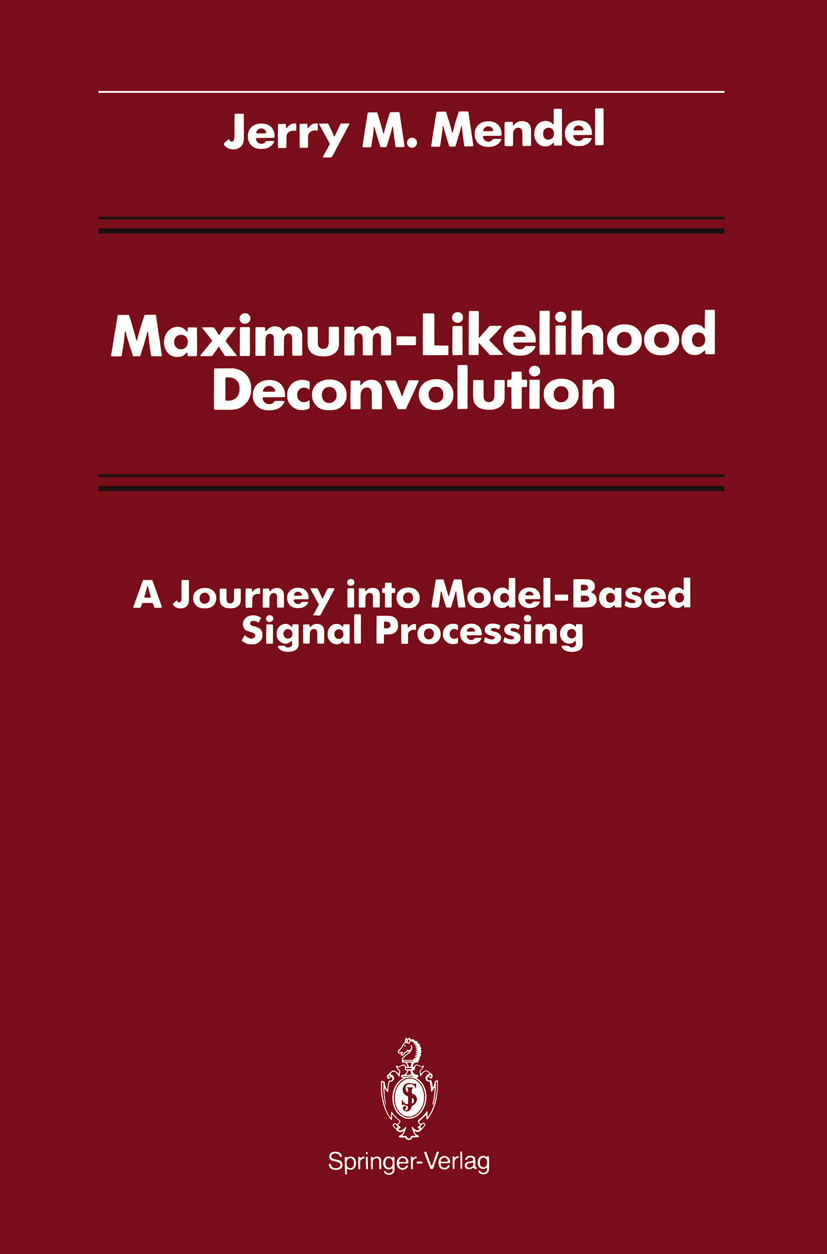
Maximum-Likelihood Deconvolution Convolution is the most important operation that describes the behavior of a linear time-invariant dynamical system. Deconvolution is the unraveling of convolution. It is the inverse problem of generating the system's input from knowledge about the system's output and dynamics. Deconvolution requires a careful balancing of bandwidth and signal-to-noise ratio effects. Maximum-likelihood deconvolution (MLD) is a design procedure that handles both effects. It draws upon ideas from Maximum Likelihood, when unknown parameters are random. It leads to linear and nonlinear signal processors that provide high-resolution estimates of a system's input. All aspects of MLD are described, from first principles in this book. The purpose of this volume is to explain MLD as simply as possible. To do this, the entire theory of MLD is presented in terms of a convolutional signal generating model and some relatively simple ideas from optimization theory. Earlier approaches to MLD, which are couched in the language of state-variable models and estimation theory, are unnecessary to understand the essence of MLD. MLD is a model-based signal processing procedure, because it is based on a signal model, namely the convolutional model. The book focuses on three aspects of MLD: (1) specification of a probability model for the system's measured output; (2) determination of an appropriate likelihood function; and (3) maximization of that likelihood function. Many practical algorithms are obtained. Computational aspects of MLD are described in great detail. Extensive simulations are provided, including real data applications. TECHNOLOGY & ENGINEERING,Telecommunications
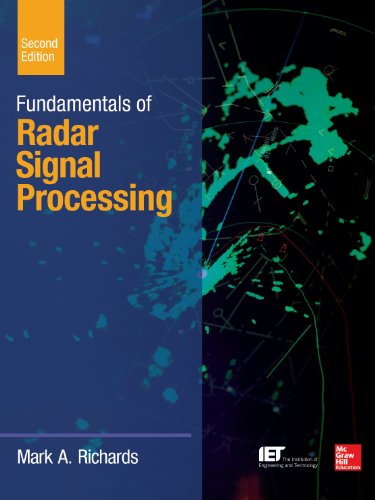
Fundamentals of Radar Signal Processing, Second Edition The most complete, current guide to the signal processing techniques essential to advanced radar systems Fully updated and expanded, Fundamentals of Radar Signal Processing, Second Edition, offers comprehensive coverage of the basic digital signal processing techniques and technologies on which virtually all modern radar systems rely, including target and interference models, matched filtering, waveform design, Doppler processing, threshold detection, and measurement accuracy. The methods and interpretations of linear systems, filtering, sampling, and Fourier analysis are used throughout to provide a unified tutorial approach. End-of-chapter problems reinforce the material covered. Developed over many years of academic and professional education, this authoritative resource is ideal for graduate students as well as practicing engineers. Fundamentals of Radar Signal Processing, Second Edition, covers: Introduction to radar systems Signal models Pulsed radar data acquisition Radar waveforms Doppler processing Detection fundamentals Measurements and tracking Introduction to synthetic aperture imaging Introduction to beamforming and space-time adaptive processing TECHNOLOGY & ENGINEERING,Telecommunications
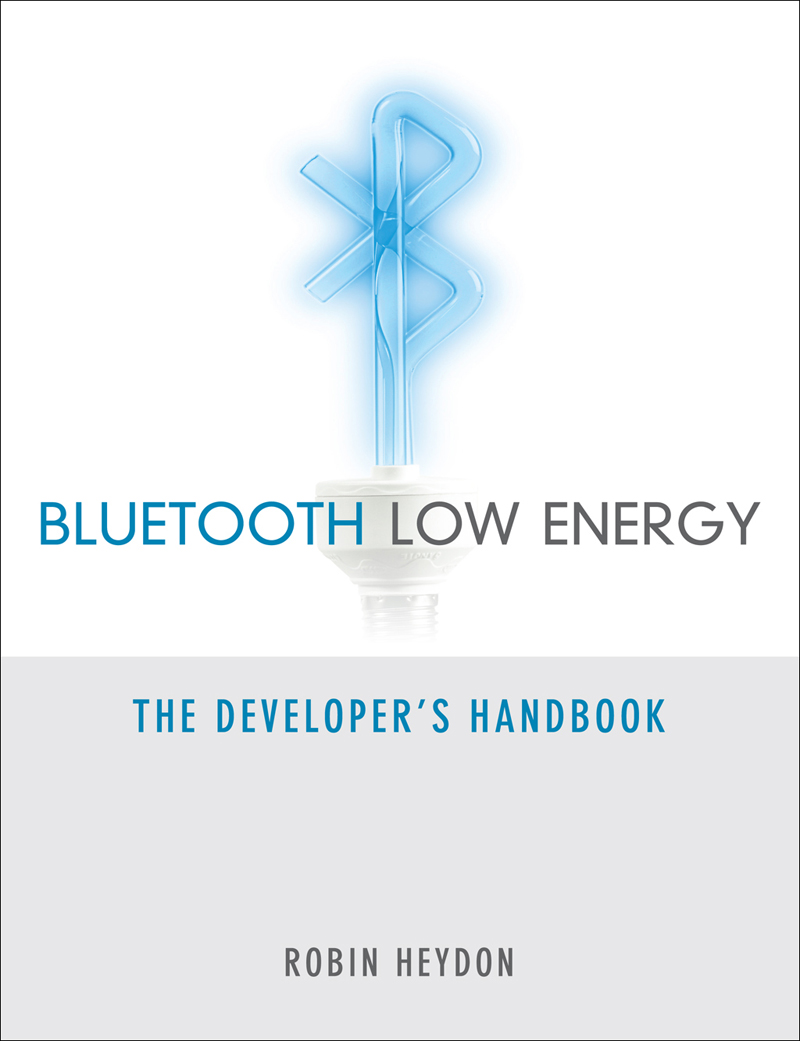
Bluetooth Low Energy The First Complete Guide to Bluetooth Low Energy: How It Works, What It Can Do, and How to Apply It A radical departure from conventional Bluetooth technology, Bluetooth low energy (BLE) enables breakthrough wireless applications in industries ranging from healthcare to transportation. Running on a coin-sized battery, BLE can operate reliably for years, connecting and extending everything from personal area network devices to next-generation sensors. Now, one of the standard’s leading developers has written the first comprehensive, accessible introduction to BLE for every system developer, designer, and engineer. Robin Heydon, a member of the Bluetooth SIG Hall of Fame, has brought together essential information previously scattered through multiple standards documents, sharing the context and expert insights needed to implement high-performance working systems. He first reviews BLE’s design goals, explaining how they drove key architectural decisions, and introduces BLE’s innovative usage models. Next, he thoroughly covers how the two main parts of BLE, the controller and host, work together, and then addresses key issues from security and profiles through testing and qualification. This knowledge has enabled the creation of Bluetooth Smart and Bluetooth Smart Ready devices. This guide is an indispensable companion to the official BLE standards documents and is for every technical professional and decision-maker considering BLE, planning BLE products, or transforming plans into working systems. Topics Include BLE device types, design goals, terminology, and core concepts Architecture: controller, host, applications, and stack splits Usage models: presence detection, data broadcasting, connectionless models, and gateways Physical Layer: modulation, frequency band, radio channels, power, tolerance, and range Direct Test Mode: transceiver testing, hardware interfaces, and HCI Link Layer: state machine, packets, channels, broadcasting, encryption, and optimization HCI: physical/logical interfaces, controller setup, and connection management L2CAP: channels and packet structure, and LE signaling channels Attributes: grouping, services, characteristics, and protocols Security: pairing, bonding, and data signing Generic Access Profiles: roles, modes, procedures, security modes, data advertising, and services Applications, devices, services, profiles, and peripherals Testing/qualification: starting projects, selecting features, planning, testing, compliance, and more TECHNOLOGY & ENGINEERING,Telecommunications
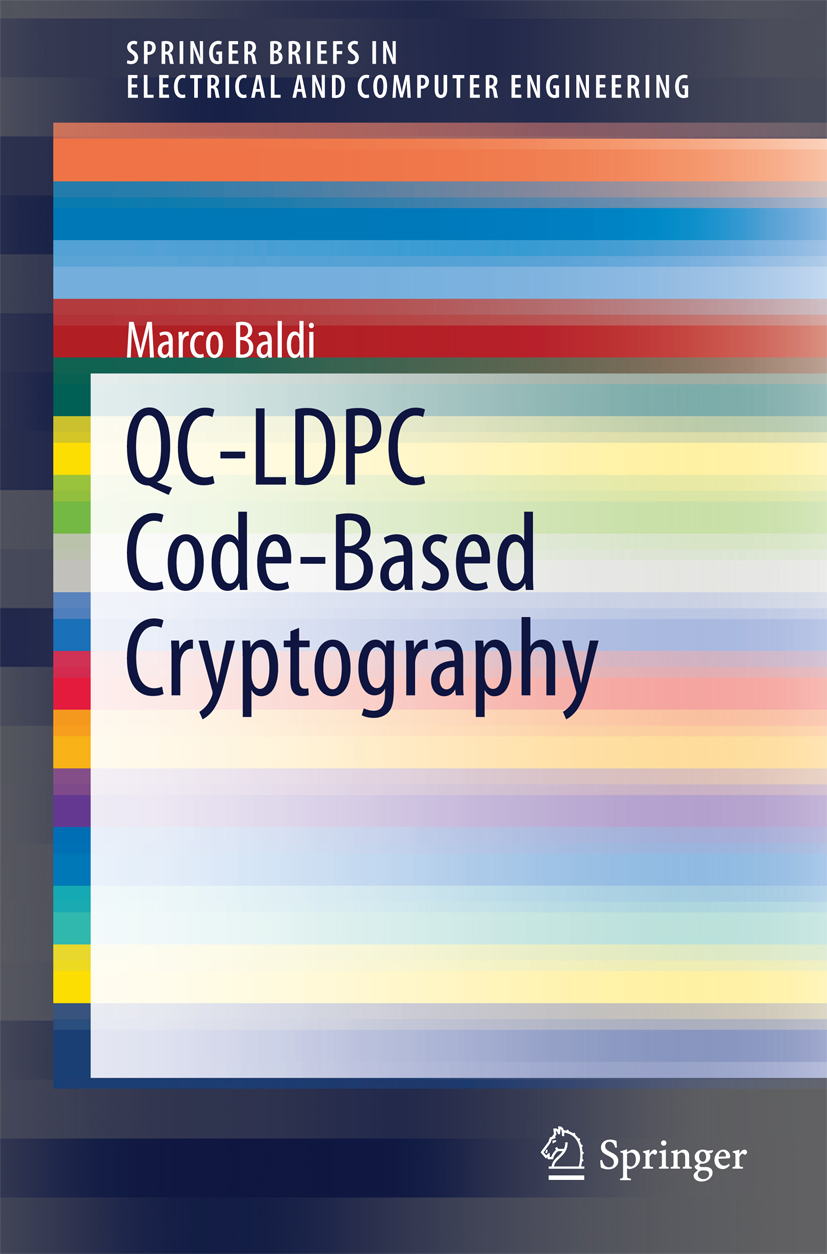
QC-LDPC Code-Based Cryptography This book describes the fundamentals of cryptographic primitives based on quasi-cyclic low-density parity-check (QC-LDPC) codes, with a special focus on the use of these codes in public-key cryptosystems derived from the McEliece and Niederreiter schemes. In the first part of the book, the main characteristics of QC-LDPC codes are reviewed, and several techniques for their design are presented, while tools for assessing the error correction performance of these codes are also described. Some families of QC-LDPC codes that are best suited for use in cryptography are also presented. The second part of the book focuses on the McEliece and Niederreiter cryptosystems, both in their original forms and in some subsequent variants. The applicability of QC-LDPC codes in these frameworks is investigated by means of theoretical analyses and numerical tools, in order to assess their benefits and drawbacks in terms of system efficiency and security. Several examples of QC-LDPC code-based public key cryptosystems are presented, and their advantages over classical solutions are highlighted. The possibility of also using QC-LDPC codes in symmetric encryption schemes and digital signature algorithms is also briefly examined. TECHNOLOGY & ENGINEERING,Telecommunications
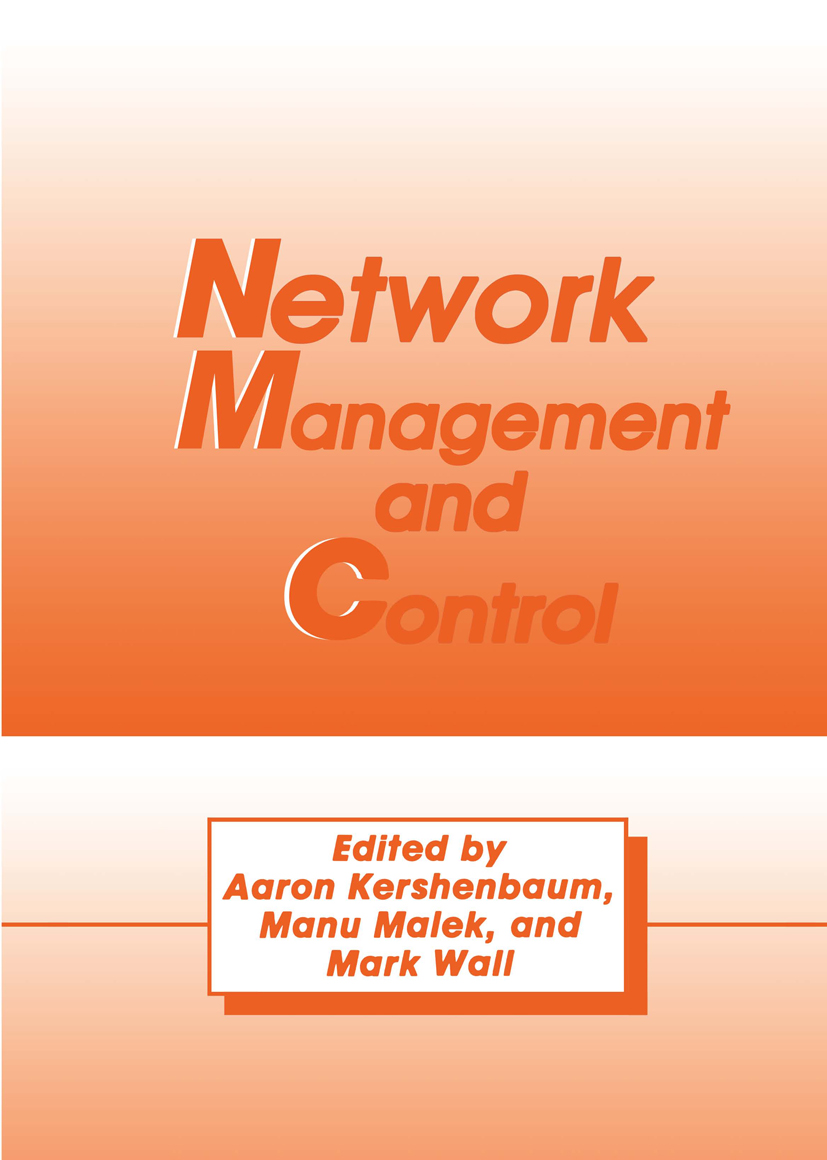
Network Management and Control Like the 120 volt standard for electricity, the appearance of standards in network management heralds new opportunities for creativity and achievement. As one example, within the framework of these evolving standards, consider a system of local area networks connecting computing equipment from different vendors. A bridge 1qc. k:8 up because of a transient caused by a repeater failure. The result is a massive disconnecHon of virtual circuits. What is the role of the manager and the network management system in solving the problem? How does the vendor implement the solution? How does the user use it? What measurements should be made? How should they be displayed? How much of the diagnosis and correction should be automated? How does the solution change with different hardware and software? In the IEEE Communications Magazine, I recently reported a timely illustration in the area of problems in fault management. At the workshop hotel, "I was waiting for a room assignment at the reception desk, when my attendant left the counter for a moment. Upon returning, he took one look at his screen and whined an accusatory question at everyone in sight, 'Who logged out my terminal?' Who indeed! It wasn't any of us. It was the system. TECHNOLOGY & ENGINEERING,Telecommunications

Understanding GMDSS TECHNOLOGY & ENGINEERING,Telecommunications
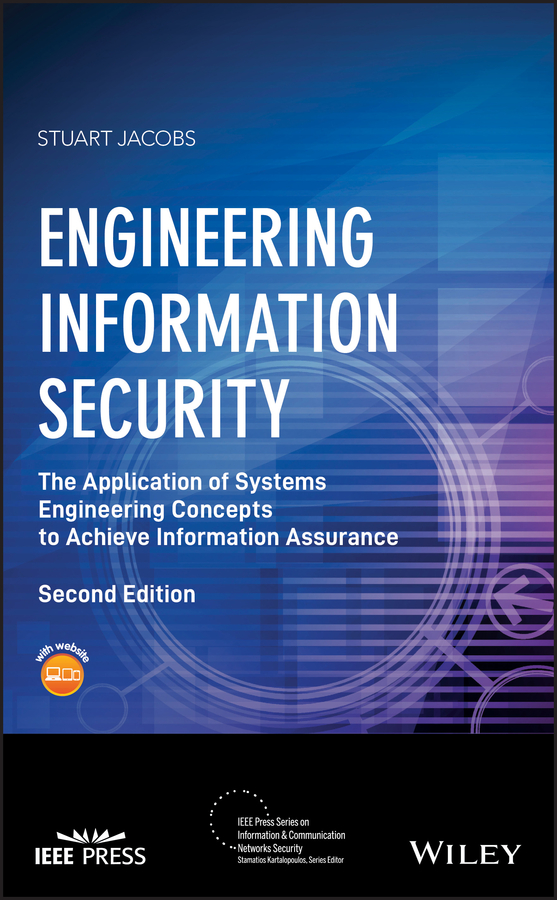
Engineering Information Security Engineering Information Security covers all aspects of information security using a systematic engineering approach and focuses on the viewpoint of how to control access to information. Includes a discussion about protecting storage of private keys, SCADA, Cloud, Sensor, and Ad Hoc networks Covers internal operations security processes of monitors, review exceptions, and plan remediation Over 15 new sections Instructor resources such as lecture slides, assignments, quizzes, and a set of questions organized as a final exam If you are an instructor and adopted this book for your course, please email ieeeproposals@wiley.com to get access to the additional instructor materials for this book. TECHNOLOGY & ENGINEERING,Telecommunications
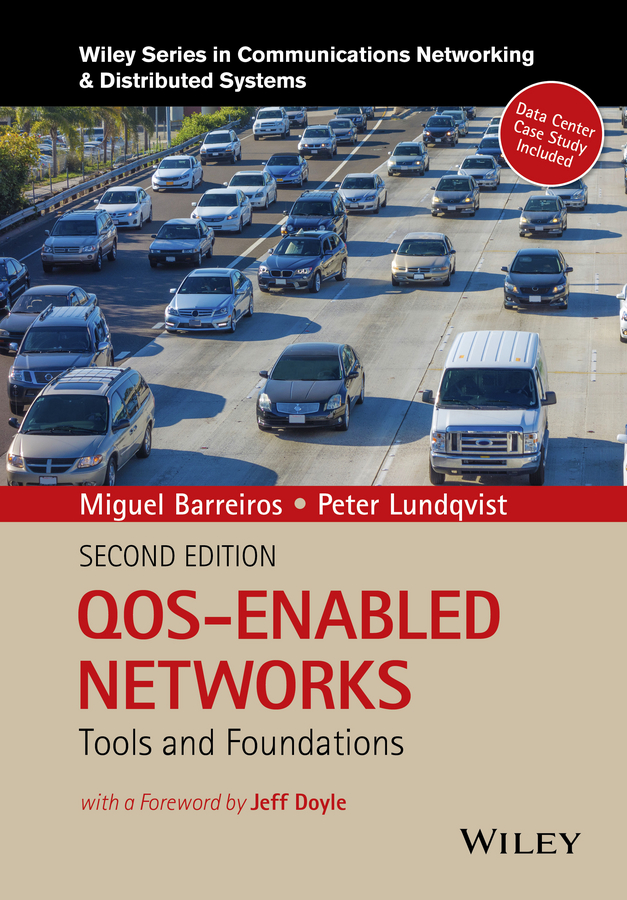
QOS-Enabled Networks Written by two experts in the field who deal with QOS predicaments every day and now in this 2nd edition give special attention to the realm of Data Centers, QoS Enabled Networks:Tools and Foundations, 2nd Edition provides a lucid understanding of modern QOS theory mechanisms in packet networks and how to apply them in practice. This book is focuses on the tools and foundations of QoS providing the knowledge to understand what benefits QOS offers and what can be built on top of it. TECHNOLOGY & ENGINEERING,Telecommunications
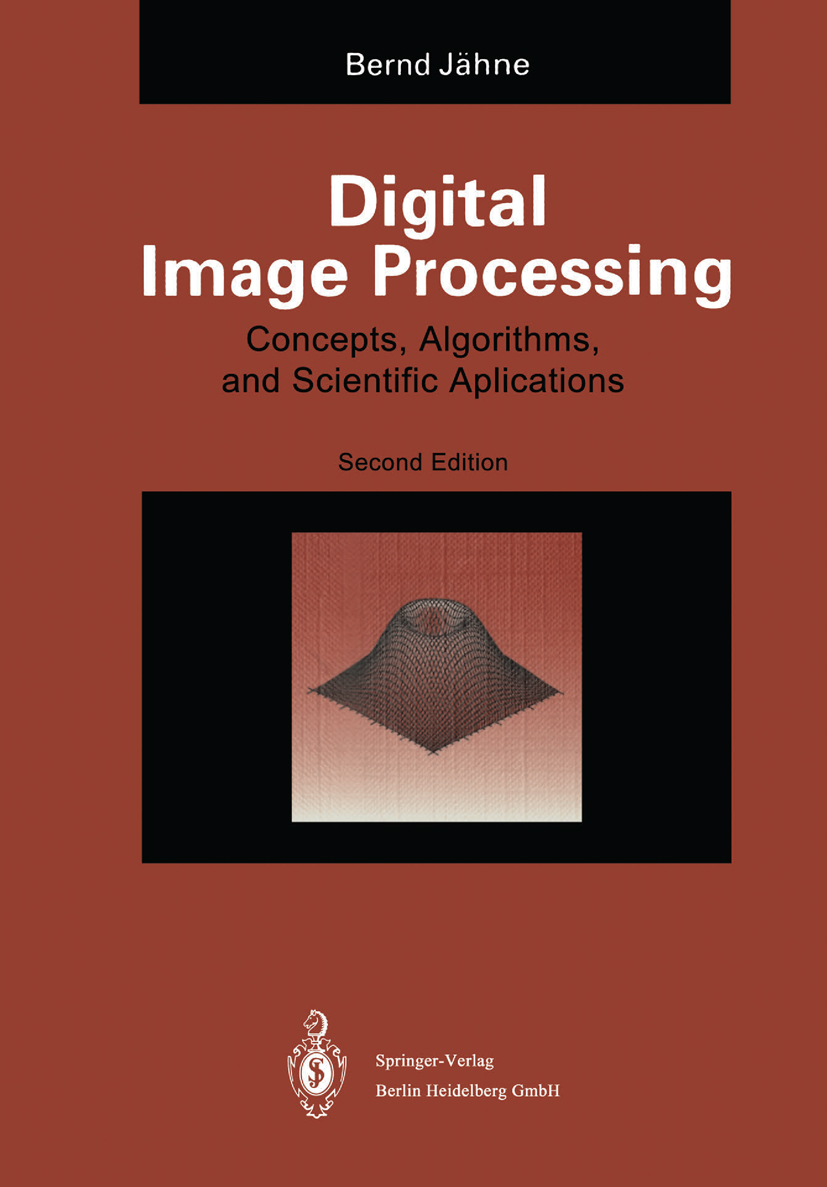
Digital Image Processing Digital image processing is a fascinating subject in several aspects. Human beings perceive most of the information about their environment through their visual sense. While for a long time images could only be captured by photography, we are now at the edge of another technological revolution which allows image data to be captured, manipulated, and evaluated electronically with computers. With breathtaking pace, computers are becoming more powerful and at the same time less expensive, so that widespread applications for digital image processing emerge. In this way, image processing is becoming a tremendous tool to analyze image data in all areas of natural science. For more and more scientists digital image processing will be the key to study complex scientific problems they could not have dreamed to tackle only a few years ago. A door is opening for new interdisciplinary cooperations merging computer science with the corresponding research areas. Many students, engineers, and researchers in all natural sciences are faced with the problem of needing to know more about digital image processing. This book is written to meet this need. The author- himself educated in physics- describes digital image processing as a new tool for scientific research. The book starts with the essentials of image processing and leads - in selected areas - to the state-of-the art. This approach gives an insight as to how image processing really works. TECHNOLOGY & ENGINEERING,Telecommunications

Industrial Espionage and Technical Surveillance Counter Measurers This book examines technical aspects of industrial espionage and its impact in modern companies, organizations, and individuals while emphasizing the importance of intellectual property in the information era. The authors discuss the problem itself and then provide statistics and real world cases. The main contribution provides a detailed discussion of the actual equipment, tools and techniques concerning technical surveillance in the framework of espionage. Moreover, they present the best practices and methods of detection (technical surveillance counter measures) as well as means of intellectual property protection. TECHNOLOGY & ENGINEERING,Telecommunications
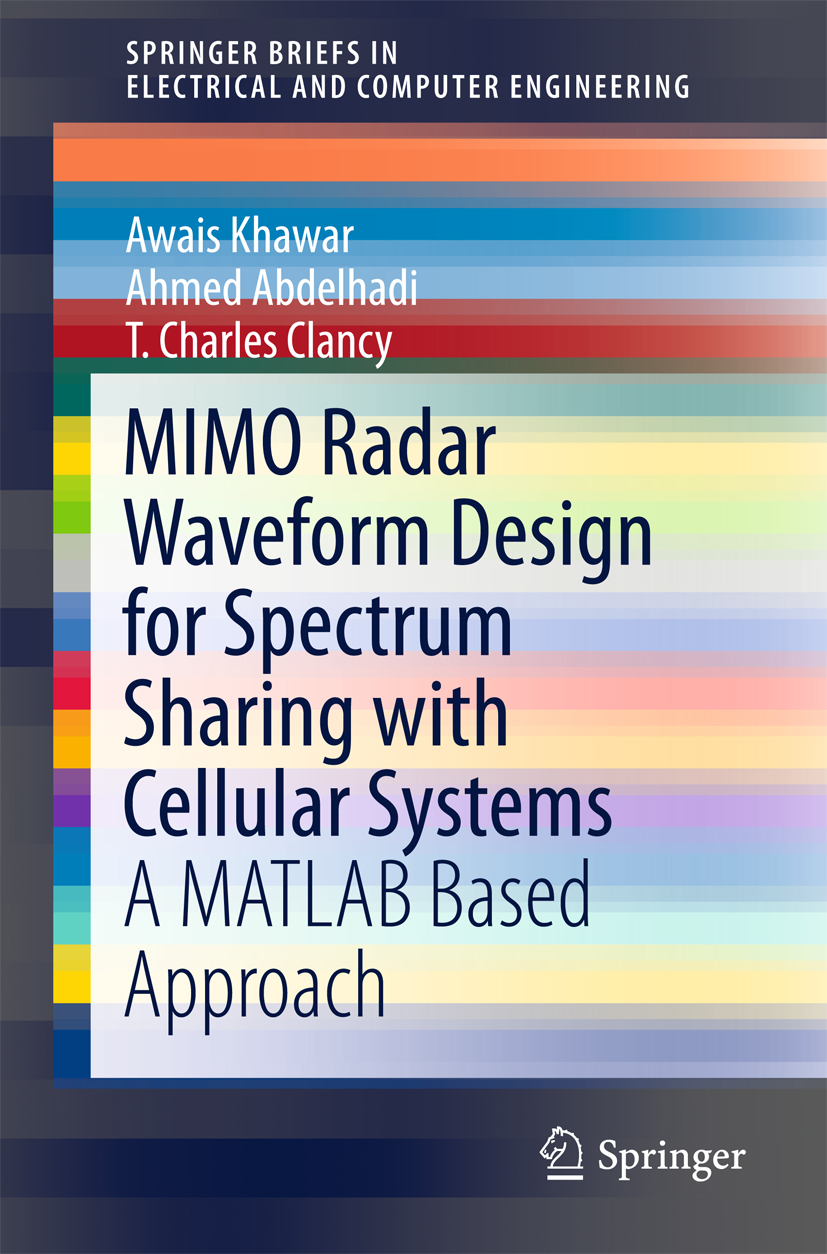
MIMO Radar Waveform Design for Spectrum Sharing with Cellular Systems This book discusses spectrum sharing between cellular systems and radars. The book addresses a novel way to design radar waveforms that can enable spectrum sharing between radars and communication systems, without causing interference to communication systems, and at the same time achieving radar objectives of target detection, estimation, and tracking. The book includes a MATLAB-based approach, which provides reader with a way to learn, experiment, compare, and build on top of existing algorithms. TECHNOLOGY & ENGINEERING,Telecommunications
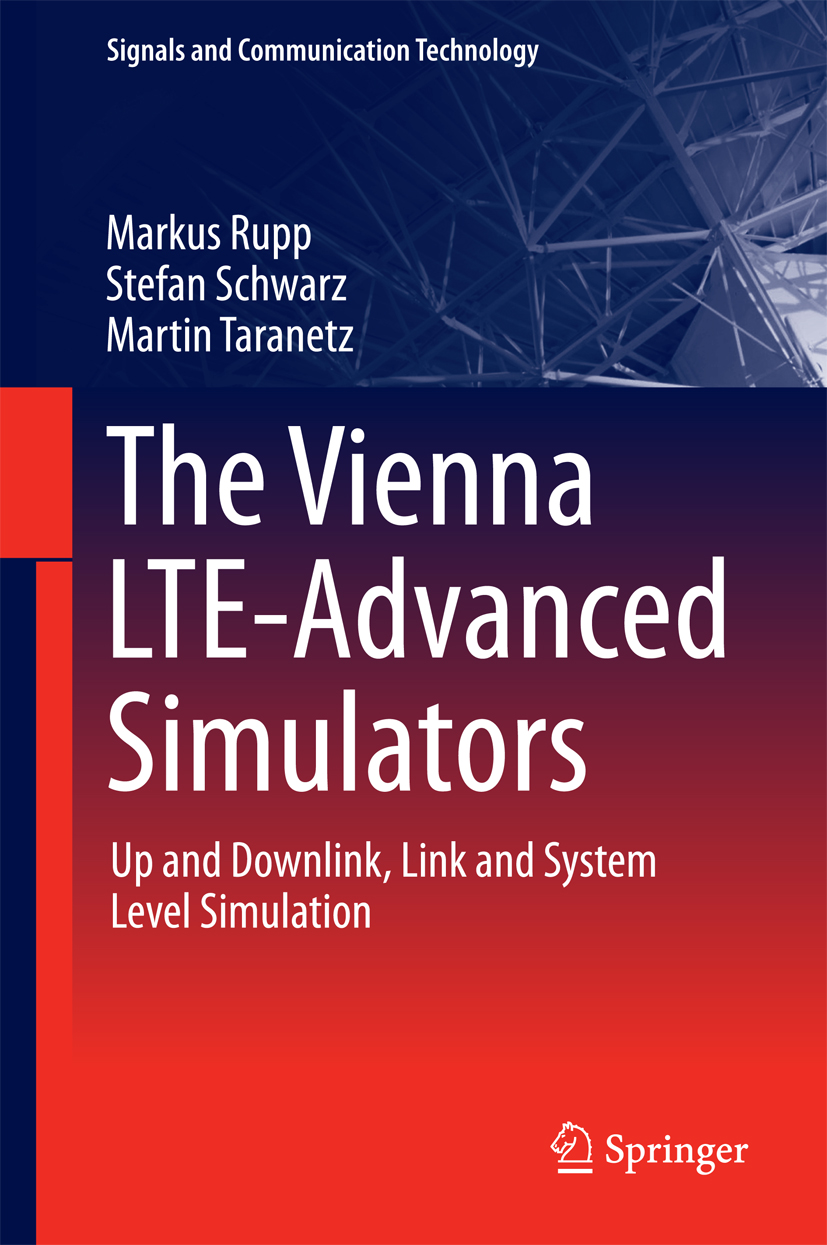
The Vienna LTE-Advanced Simulators This book introducesthe Vienna Simulator Suite for 3rd-Generation Partnership Project(3GPP)-compatible Long Term Evolution-Advanced (LTE-A) simulators and presentsapplications to demonstrate their uses for describing, designing, and optimizingwireless cellular LTE-A networks. Part One addresses LTEand LTE-A link level techniques. As there has been high demand for the downlink(DL) simulator, it constitutes the central focus of the majority of thechapters. This part of the book reports on relevant highlights, includingsingle-user (SU), multi-user (MU) and single-input-single-output (SISO) as wellas multiple-input-multiple-output (MIMO) transmissions. Furthermore, itsummarizes the optimal pilot pattern for high-speed communications as well asdifferent synchronization issues. One chapter is devoted to experiments thatshow how the link level simulator can provide input to a testbed. This sectionalso uses measurements to present and validate fundamental results onorthogonal frequency division multiplexing (OFDM) transmissions that are notlimited to LTE-A. One chapter exclusively deals with the newest tool, theuplink (UL) link level simulator, and presents cutting-edge results. In turn, Part Twofocuses on system-level simulations. From early on, system-level simulations havebeen in high demand, as people are naturally seeking answers when scenarioswith numerous base stations and hundreds of users are investigated. This partnot only explains how mathematical abstraction can be employed to speed upsimulations by several hundred times without sacrificing precision, but alsoillustrates new theories on how to abstract large urban heterogeneous networkswith indoor small cells. It also reports on advanced applications such as trainand car transmissions to demonstrate the tools’ capabilities. TECHNOLOGY & ENGINEERING,Telecommunications
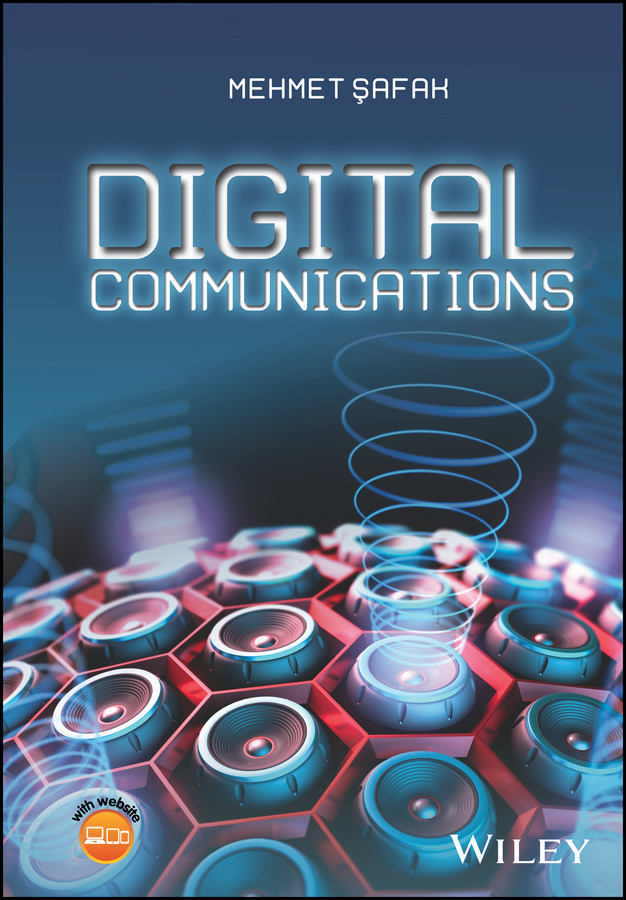
Digital Communications This is a modern textbook on digital communications and is designed for senior undergraduate and graduate students, whilst also providing a valuable reference for those working in the telecommunications industry. It provides a simple and thorough access to a wide range of topics through use of figures, tables, examples and problem sets. The author provides an integrated approach between RF engineering and statistical theory of communications. Intuitive explanations of the theoretical and practical aspects of telecommunications help the reader to acquire a deeper understanding of the topics. The book covers the fundamentals of antennas, channel modelling, receiver system noise, A/D conversion of signals, PCM, baseband transmission, optimum receiver, modulation techniques, error control coding, OFDM, fading channels, diversity and combining techniques, MIMO systems and cooperative communications. It will be an essential reference for all students and practitioners in the electrical engineering field. TECHNOLOGY & ENGINEERING,Telecommunications
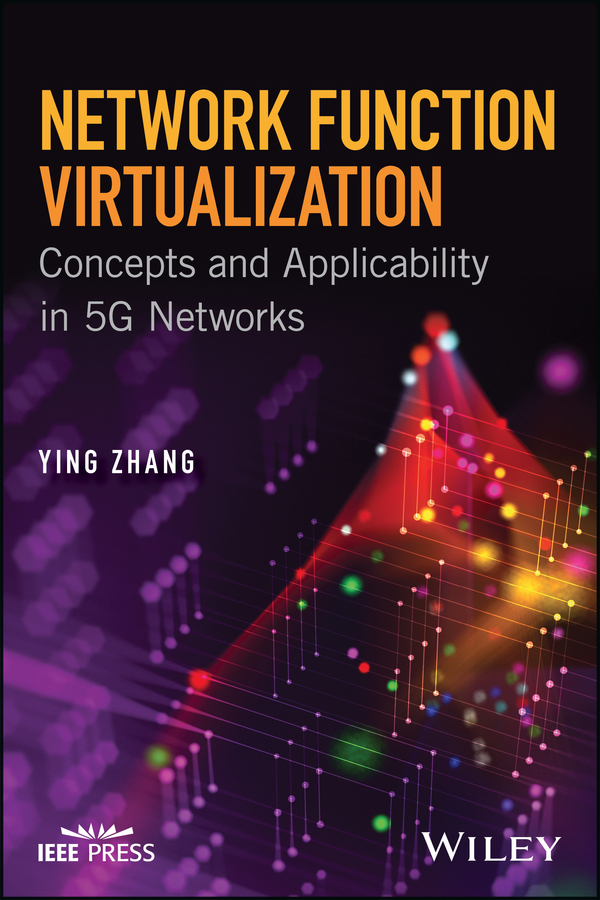
Network Function Virtualization A horizontal view of newly emerged technologies in the field of network function virtualization (NFV), introducing the open source implementation efforts that bring NFV from design to reality This book explores the newly emerged technique of network function virtualization (NFV) through use cases, architecture, and challenges, as well as standardization and open source implementations. It is the first systematic source of information about cloud technologies' usage in the cellular network, covering the interplay of different technologies, the discussion of different design choices, and its impact on our future cellular network. Network Function Virtualization: Concepts and Applicability in 5G Networks reviews new technologies that enable NFV, such as Software Defined Networks (SDN), network virtualization, and cloud computing. It also provides an in-depth investigation of the most advanced open source initiatives in this area, including OPNFV, Openstack, and Opendaylight. Finally, this book goes beyond literature review and industry survey by describing advanced research topics such as service chaining, VNF orchestrations, and network verification of NFV systems. In addition, this resource: Introduces network function virtualization (NFV) from both industrial and academic perspectives Describes NFV's usage in mobile core networks, which is the essence of 5G implementation Offers readers a deep dive on NFV's enabling techniques such as SDN, virtualization, and cloud computing Network Function Virtualization: Concepts and Applicability in 5G Networks is an ideal book for researchers and university students who want to keep up with the ever-changing world of network function virtualization. TECHNOLOGY & ENGINEERING,Telecommunications

Resource Allocation with Carrier Aggregation in Cellular Networks This book introduces an efficient resource management approach for future spectrum sharing systems. The book focuses on providing an optimal resource allocation framework based on carrier aggregation to allocate multiple carriers’ resources efficiently among mobile users. Furthermore, it provides an optimal traffic dependent pricing mechanism that could be used by network providers to charge mobile users for the allocated resources. The book provides different resource allocation with carrier aggregation solutions, for different spectrum sharing scenarios, and compares them. The provided solutions consider the diverse quality of experience requirement of multiple applications running on the user’s equipment since different applications require different application performance. In addition, the book addresses the resource allocation problem for spectrum sharing systems that require user discrimination when allocating the network resources. TECHNOLOGY & ENGINEERING,Telecommunications

Introduction to Wireless Digital Communication The Accessible Guide to Modern Wireless Communication for Undergraduates, Graduates, and Practicing Electrical Engineers Wireless communication is a critical discipline of electrical engineering and computer science, yet the concepts have remained elusive for students who are not specialists in the area. This text makes digital communication and receiver algorithms for wireless communication broadly accessible to undergraduates, graduates, and practicing electrical engineers. Notably, the book builds on a signal processing foundation and does not require prior courses on analog or digital communication. Introduction to Wireless Digital Communication establishes the principles of communication, from a digital signal processing perspective, including key mathematical background, transmitter and receiver signal processing algorithms, channel models, and generalizations to multiple antennas. Robert Heath’s “less is more†approach focuses on typical solutions to common problems in wireless engineering. Heath presents digital communication fundamentals from a signal processing perspective, focusing on the complex pulse amplitude modulation approach used in most commercial wireless systems. He describes specific receiver algorithms for implementing wireless communication links, including synchronization, carrier frequency offset estimation, channel estimation, and equalization. While most concepts are presented for systems with single transmit and receive antennas, Heath concludes by extending those concepts to contemporary MIMO systems. To promote learning, each chapter includes previews, bullet-point summaries, examples, and numerous homework problems to help readers test their knowledge. Basics of wireless communication: applications, history, and the central role of signal processing Digital communication essentials: components, channels, distortion, coding/decoding, encryption, and modulation/demodulation Signal processing: linear time invariant systems, probability/random processes, Fourier transforms, derivation of complex baseband signal representation and equivalent channels, and multi-rate signal processing Least-squared estimation techniques that build on the linear algebra typically taught to electrical engineering undergraduates Complex pulse amplitude modulation: symbol mapping, constellations, signal bandwidth, and noise Synchronization, including symbol, frame, and carrier frequency offset Frequency selective channel estimation and equalization MIMO techniques using multiple transmit and/or receive antennas, including SIMO, MISO, and MIMO-OFDM Register your product at informit.com/register for convenient access to downloads, updates, and corrections as they become available. TECHNOLOGY & ENGINEERING,Telecommunications
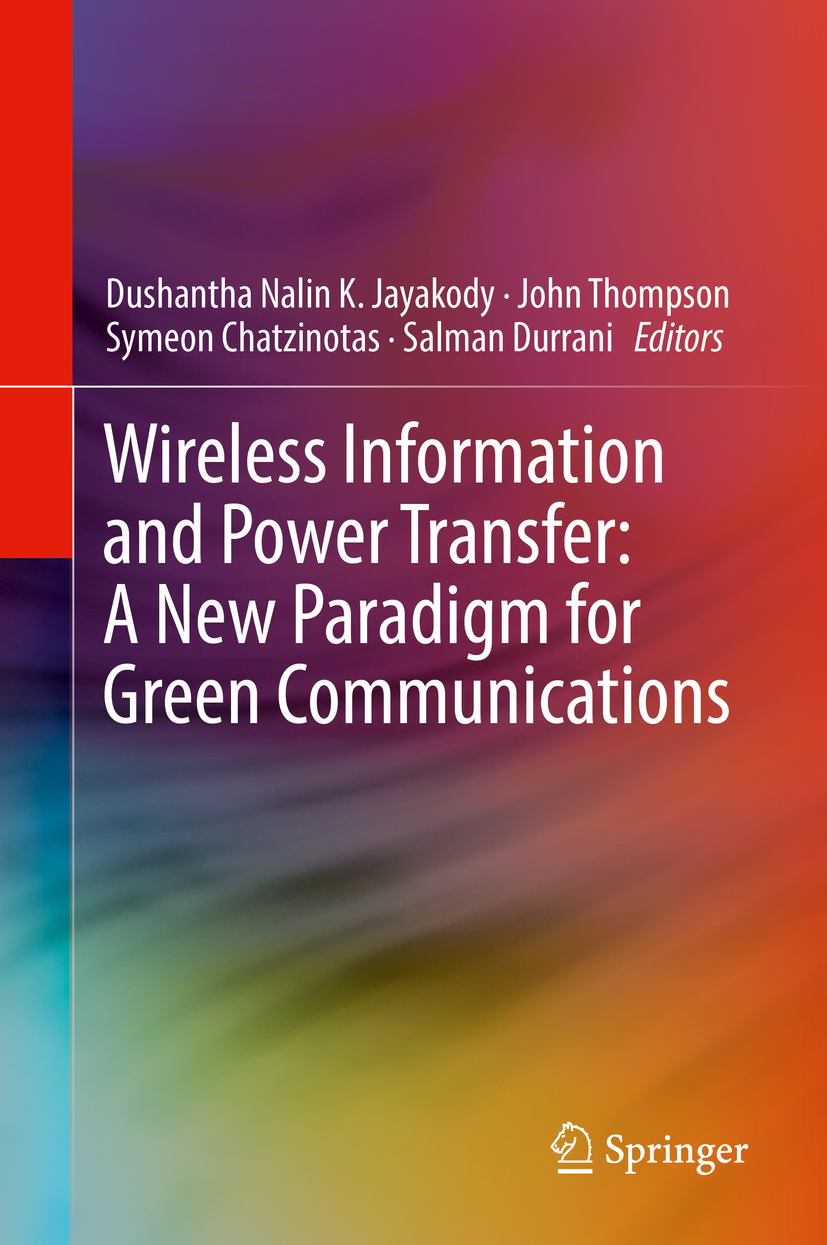
Wireless Information and Power Transfer This book presents breakthroughs in the design of Wireless Energy Harvesting (WEH) networks. It bridges the gap between WEH through radio waves communications and power transfer, which have largely been designed separately. The authors present an overview of the RF-EHNs including system architecture and RF energy harvesting techniques and existing applications. They also cover the idea of WEH in novel discoveries of information, the theoretical bounds in WEH, wireless sensor networks, usage of modern channel coding together with WEH, energy efficient resource allocation mechanisms, distributed self-organized energy efficient designs, delay-energy trade-off, specific protocols for energy efficient communication designs, D2D communication and energy efficiency, cooperative wireless networks, and cognitive networks. TECHNOLOGY & ENGINEERING,Telecommunications
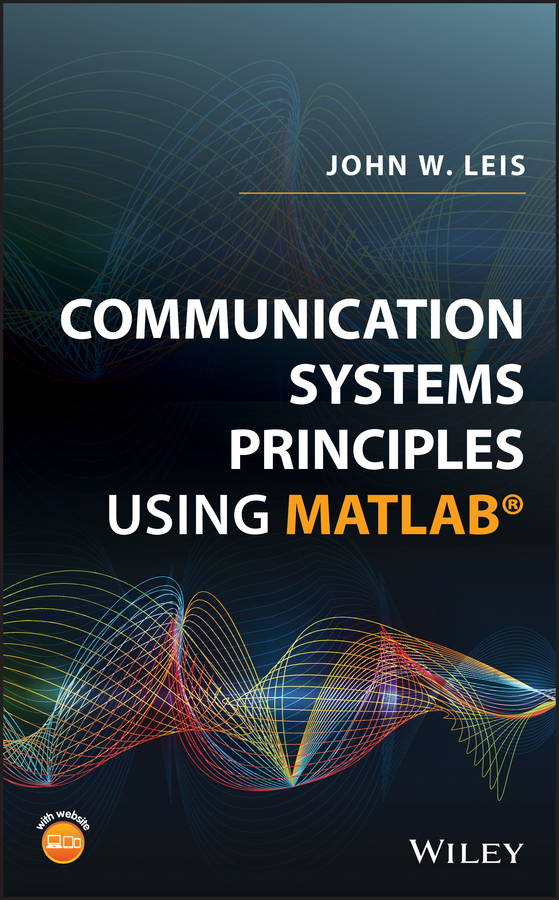
Communication Systems Principles Using MATLAB Discover the basic telecommunications systems principles in an accessible learn-by-doing format Communication Systems Principles Using MATLAB covers a variety of systems principles in telecommunications in an accessible format without the need to master a large body of theory. The text puts the focus on topics such as radio and wireless modulation, reception and transmission, wired networks and fiber optic communications. The book also explores packet networks and TCP/IP as well as digital source and channel coding, and the fundamentals of data encryption. Since MATLAB® is widely used by telecommunications engineers, it was chosen as the vehicle to demonstrate many of the basic ideas, with code examples presented in every chapter. The text addresses digital communications with coverage of packet-switched networks. Many fundamental concepts such as routing via shortest-path are introduced with simple and concrete examples. The treatment of advanced telecommunications topics extends to OFDM for wireless modulation, and public-key exchange algorithms for data encryption. Throughout the book, the author puts the emphasis on understanding rather than memorization. The text also: Includes many useful take-home skills that can be honed while studying each aspect of telecommunications Offers a coding and experimentation approach with many real-world examples provided Gives information on the underlying theory in order to better understand conceptual developments Suggests a valuable learn-by-doing approach to the topic Written for students of telecommunications engineering, Communication Systems Principles Using MATLAB® is the hands-on resource for mastering the basic concepts of telecommunications in a learn-by-doing format. TECHNOLOGY & ENGINEERING,Telecommunications
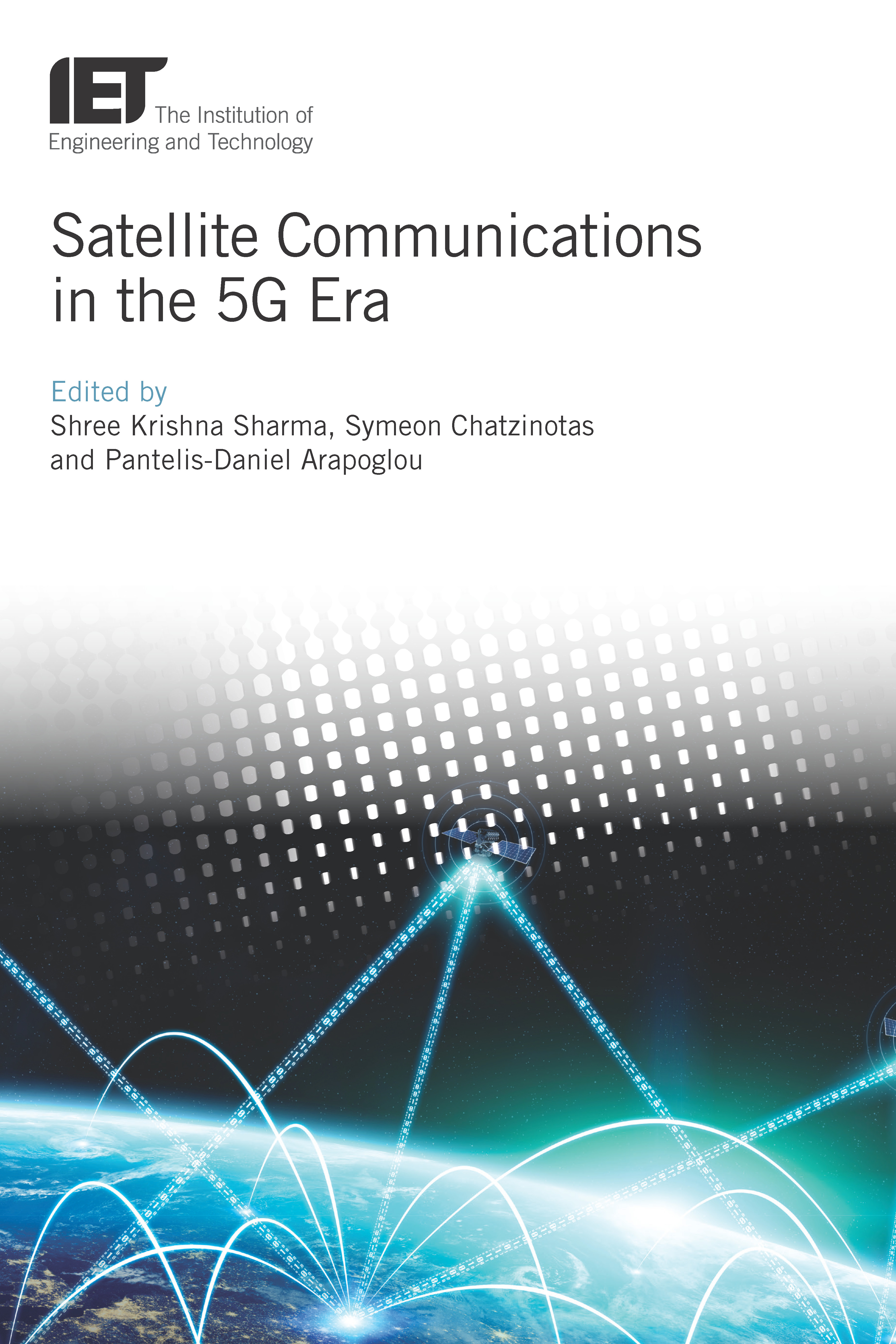
Satellite Communications in the 5G Era This book explores promising scenarios for 5G Satellite Communications (SatCom), novel paradigms for satellite-terrestrial integration and emerging technologies for the next generation of satellite systems and hybrid/integrated satellite-terrestrial systems, and focuses on recent research efforts towards 5G and beyond. TECHNOLOGY & ENGINEERING,Telecommunications
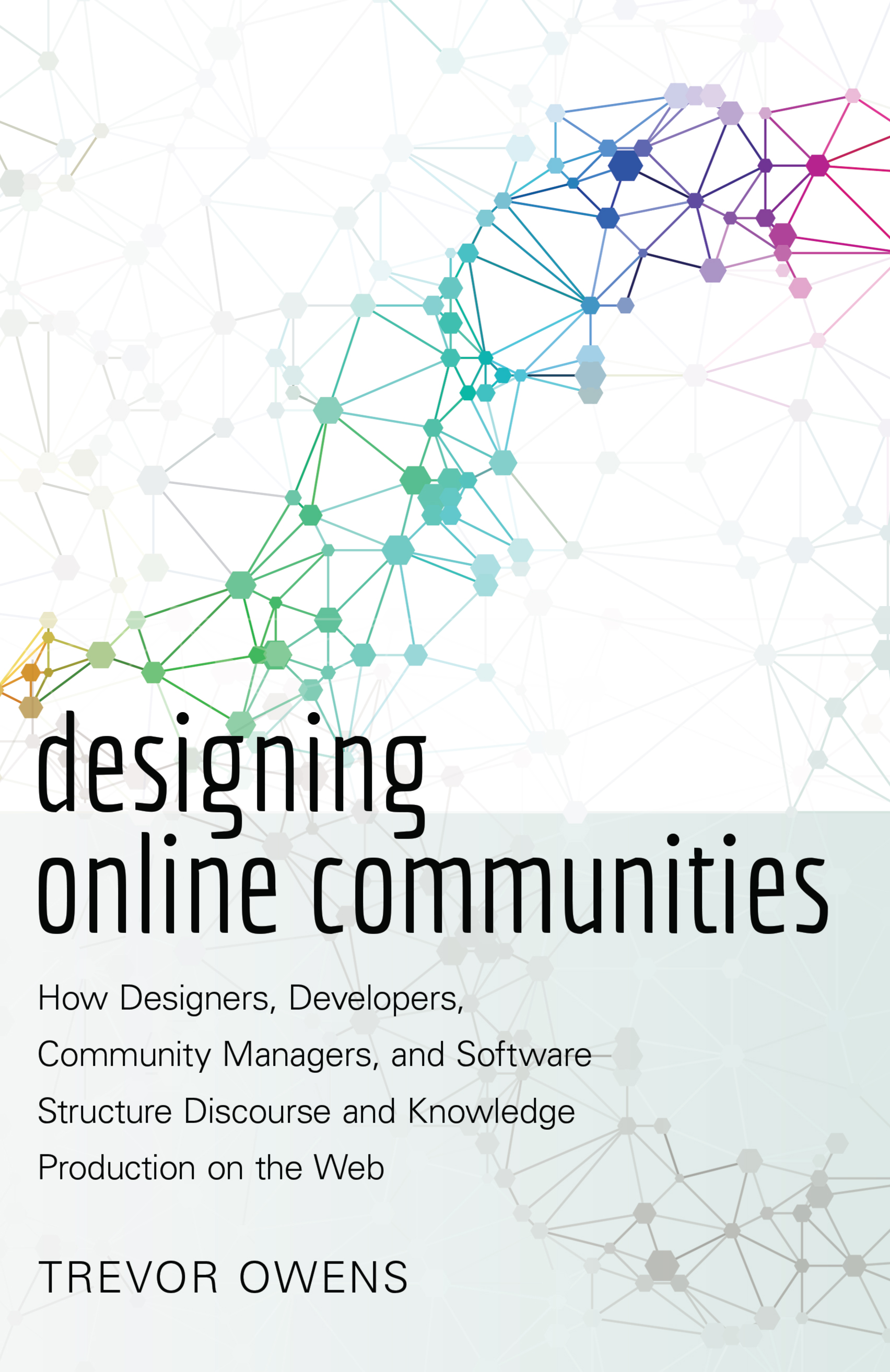
Designing Online Communities Discussion on the Web is mediated through layers of software and protocols. As scholars increasingly study communication and learning on the Internet, it is essential to consider how site administrators, programmers, and designers create interfaces and enable functionality. The managers, administrators, and designers of online communities can turn to more than 20 years of technical books for guidance on how to design online communities toward particular objectives. Through analysis of this «how-to» literature, Designing Online Communities explores the discourse of design and configuration that partially structures online communities and later social networks. Tracking the history of notions of community in these books suggests the emergence of a logic of permission and control. Online community defies many conventional notions of community. Participants are increasingly treated as «users», or even as commodities themselves to be used. Through consideration of the particular tactics of these administrators, this book suggests how researchers should approach the study and analysis of the records of online communities. TECHNOLOGY & ENGINEERING,Telecommunications
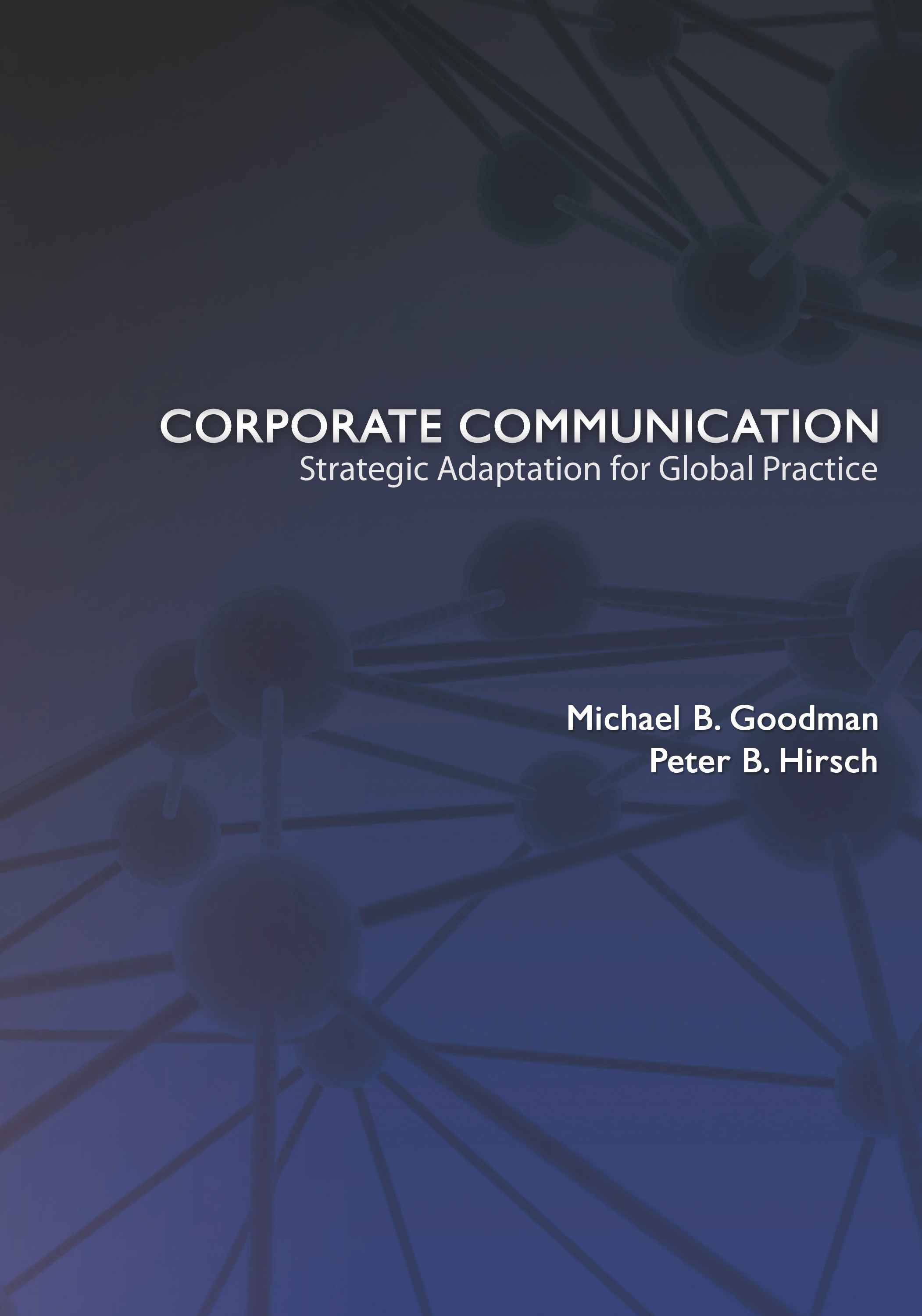
Corporate Communication The chief communication officer at a Fortune 500 multinational corporation today faces the challenges of a rapidly changing global economy, a revolution in communications channels fueled by the Internet, and a substantially transformed understanding of what a 21st-century corporation stands for. This book provides an accessible framework for describing these forces and the specific communication challenges that they have thrown at the global corporation. The text reviews the evolution of society’s response to the development of the modern company and the corporate communication practices that grew up in response to it, as well as examining the impact of globalization, Web 2.0 and the networked enterprise on current corporate relationships with key stakeholders such as customers, employees, shareholders, communities and regulators. In examining these forces and how they are interwoven, the authors offer insights and strategies for deploying effective communication as a strategic business asset in today’s global economy. Designed for the advanced student of corporate communication, the book contains updated guidelines for the management of investor relations, community relations and other corporate relationships in the age of social media. Specific recommendations for how to organize and execute effective communication for the contemporary practitioner working in the communication field are also provided. TECHNOLOGY & ENGINEERING,Telecommunications
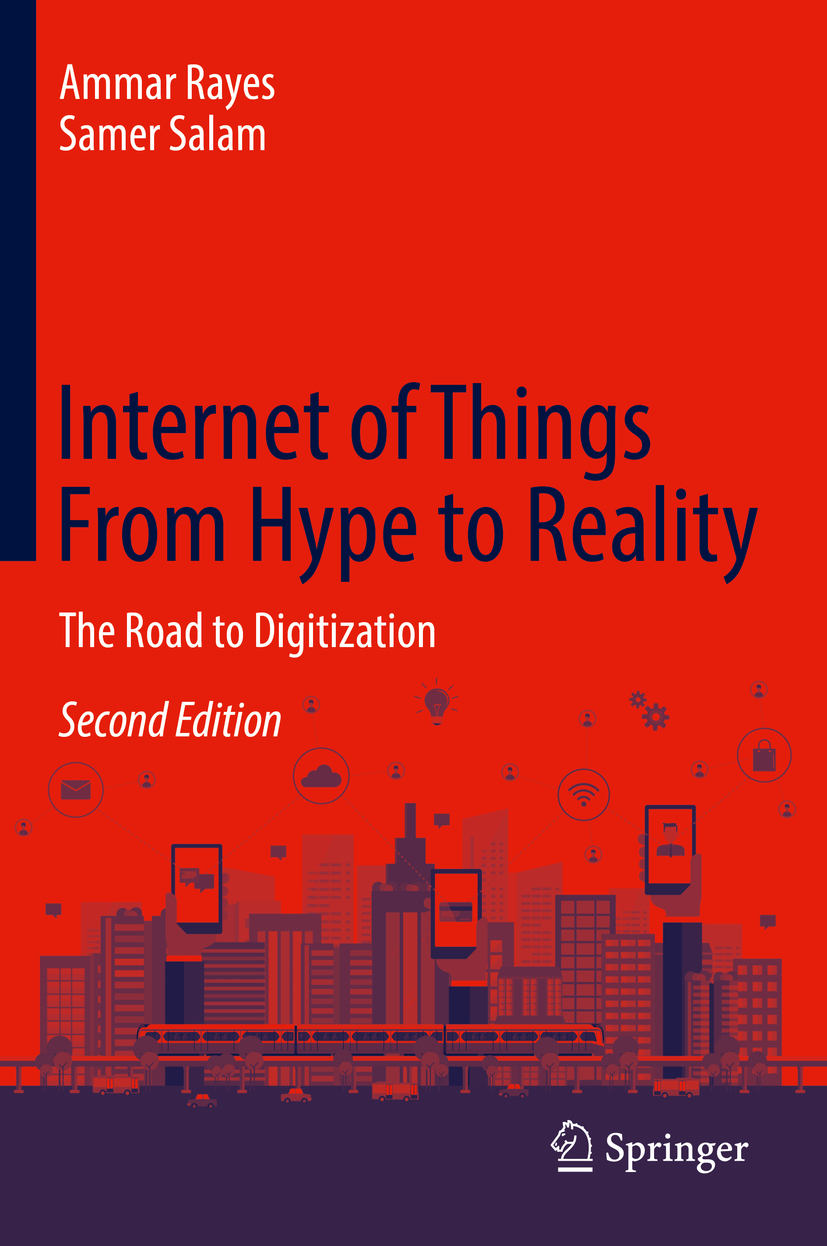
Internet of Things From Hype to Reality This textbook presents an end-to-end Internet of Things (IoT) architecture that comprises of devices, network, compute, storage, platform, applications along with management and security components with focus on the missing functionality in the current state of the art. As with the first edition, it is organized into six main parts: an IoT reference model; Fog computing and the drivers; IoT management and applications ranging from smart homes to manufacturing and energy conservation solutions; Smart Services in IoT; IoT standards; and case studies. The textbook edition features a new chapter entitled The Blockchain in IoT, updates based on latest standards and technologies, and new slide ware for professors. It features a full suite of classroom material for easy adoption. TECHNOLOGY & ENGINEERING,Telecommunications

Secure and Smart Internet of Things (IoT) By 2020, experts forecast that up to 28 billion devices will be connected to the Internet with only one third of them being computers, smartphones and tablets. The remaining two thirds will be other "devices"--sensors, terminals, household appliances, thermostats, televisions, automobiles, production machinery, urban infrastructure and many other "things"--which traditionally have not been Internet enabled. This "Internet of Things" (IoT) represents a remarkable transformation of the way in which our world will soon interact. Much like the World Wide Web connected computers to networks, and the next evolution connected people to the Internet and other people, IoT looks poised to interconnect devices, people, environments, virtual objects and machines in ways that only science fiction writers could have imagined. In a nutshell, the Internet of Things (IoT) is the convergence of connecting people, things, data and processes. It is transforming our life, business and everything in between. Secure and Smart Internet of Things explores many aspects of the Internet of Things and explains many of the completed principles of IoT and the new advances in IoT including the use of Fog Computing, AI, and Blockchain technology. The topics discussed in the book include: - Internet of Things (IoT)- Industrial Internet of Things (IIoT)- Fog Computing- Artificial Intelligence- Blockchain Technology- Network Security- Zero-Trust Model- Data Analytics- Digital Transformation- DDoS- Smart Devices TECHNOLOGY & ENGINEERING,Telecommunications
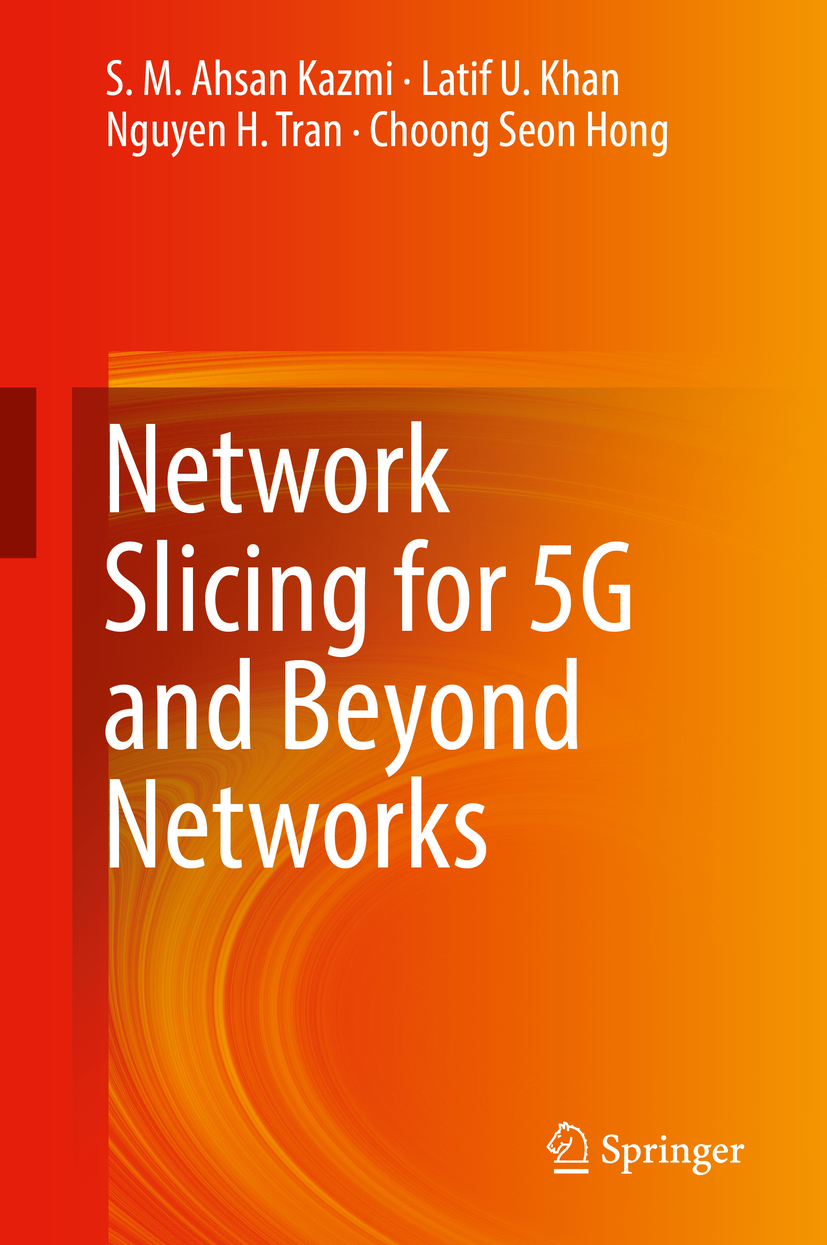
Network Slicing for 5G and Beyond Networks This book provides a comprehensive guide to the emerging field of network slicing and its importance to bringing novel 5G applications into fruition. The authors discuss the current trends, novel enabling technologies, and current challenges imposed on the cellular networks. Resource management aspects of network slicing are also discussed by summarizing and comparing traditional game theoretic and optimization based solutions. Finally, the book presents some use cases of network slicing and applications for vertical industries. Topics include 5G deliverables, Radio Access Network (RAN) resources, and Core Network (CN) resources. Discusses the 5G network requirements and the challenges therein and how network slicing offers a solution Features the enabling technologies of future networks and how network slicing will play a role Presents the role of machine learning and data analytics for future cellular networks along with summarizing the machine learning approaches for 5G and beyond networks TECHNOLOGY & ENGINEERING,Telecommunications

Asterisk Design a complete Voice over IP (VoIP) or traditional PBX system with Asterisk, even if you have only basic telecommunications knowledge. This bestselling guide makes it easy with a detailed roadmap that shows you how to install and configure this open source software, whether you’re upgrading your existing phone system or starting from scratch. Ideal for Linux administrators, developers, and power users, this updated fifth edition shows you how to write a basic dialplan step-by-step and brings you up to speed on the features in Asterisk 16, the latest long-term support release from Digium. You’ll quickly gain working knowledge to build a simple yet inclusive system. Integrate Asterisk with analog, VoIP, and digital telephony systems Build an interactive dialplan using best practices for more advanced features Delve into voicemail options such as storing messages in a database Connect to external services including Google Hangouts, XMPP, and calendars Incorporate Asterisk features and functions into a relational database to facilitate information sharing Learn how to use Asterisk’s security, call routing, and faxing features Monitor and control your system with the Asterisk Manager Interface (AMI) TECHNOLOGY & ENGINEERING,Telecommunications
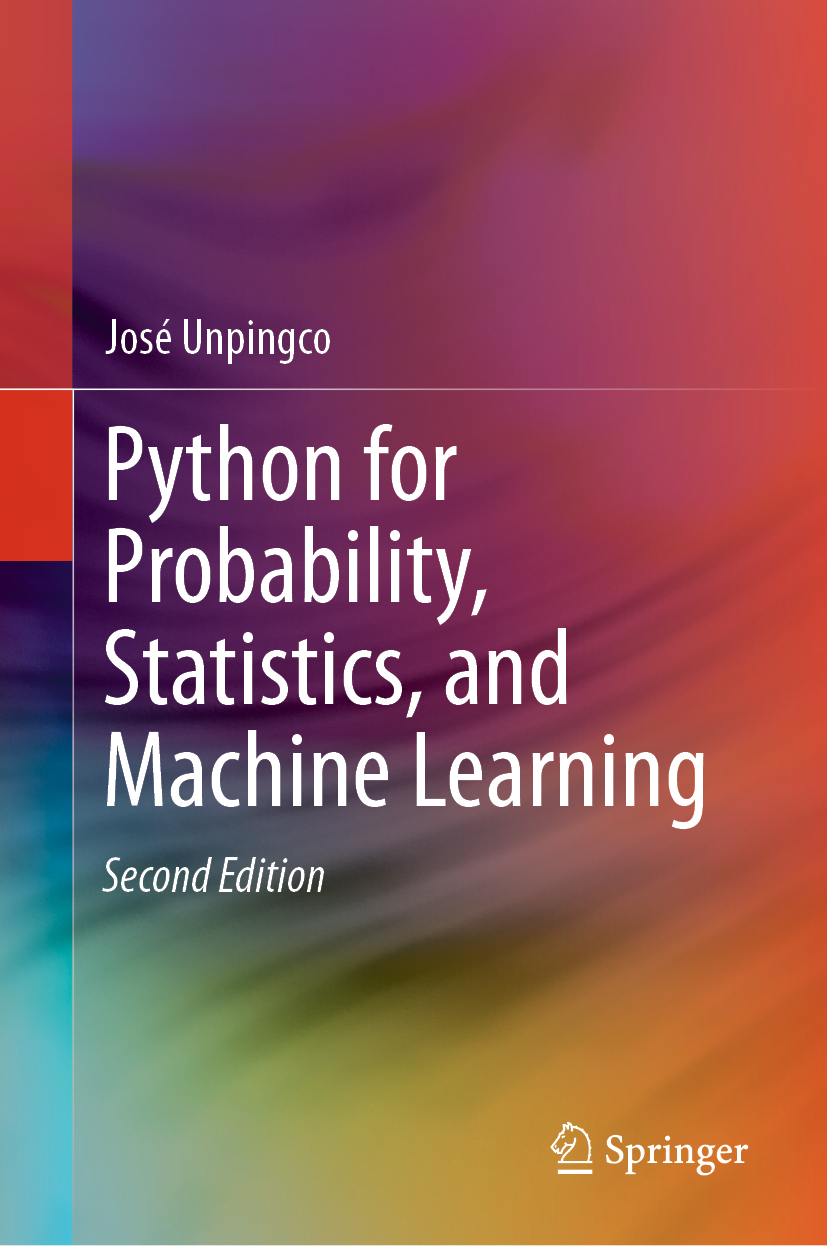
Python for Probability, Statistics, and Machine Learning This book, fully updated for Python version 3.6+, covers the key ideas that link probability, statistics, and machine learning illustrated using Python modules in these areas. All the figures and numerical results are reproducible using the Python codes provided. The author develops key intuitions in machine learning by working meaningful examples using multiple analytical methods and Python codes, thereby connecting theoretical concepts to concrete implementations. Detailed proofs for certain important results are also provided. Modern Python modules like Pandas, Sympy, Scikit-learn, Tensorflow, and Keras are applied to simulate and visualize important machine learning concepts like the bias/variance trade-off, cross-validation, and regularization. Many abstract mathematical ideas, such as convergence in probability theory, are developed and illustrated with numerical examples. This updated edition now includes the Fisher Exact Test and the Mann-Whitney-Wilcoxon Test. A new section on survival analysis has been included as well as substantial development of Generalized Linear Models. The new deep learning section for image processing includes an in-depth discussion of gradient descent methods that underpin all deep learning algorithms. As with the prior edition, there are new and updated *Programming Tips* that the illustrate effective Python modules and methods for scientific programming and machine learning. There are 445 run-able code blocks with corresponding outputs that have been tested for accuracy. Over 158 graphical visualizations (almost all generated using Python) illustrate the concepts that are developed both in code and in mathematics. We also discuss and use key Python modules such as Numpy, Scikit-learn, Sympy, Scipy, Lifelines, CvxPy, Theano, Matplotlib, Pandas, Tensorflow, Statsmodels, and Keras. This book is suitable for anyone with an undergraduate-level exposure to probability, statistics, or machine learning and with rudimentary knowledge of Python programming. TECHNOLOGY & ENGINEERING,Telecommunications
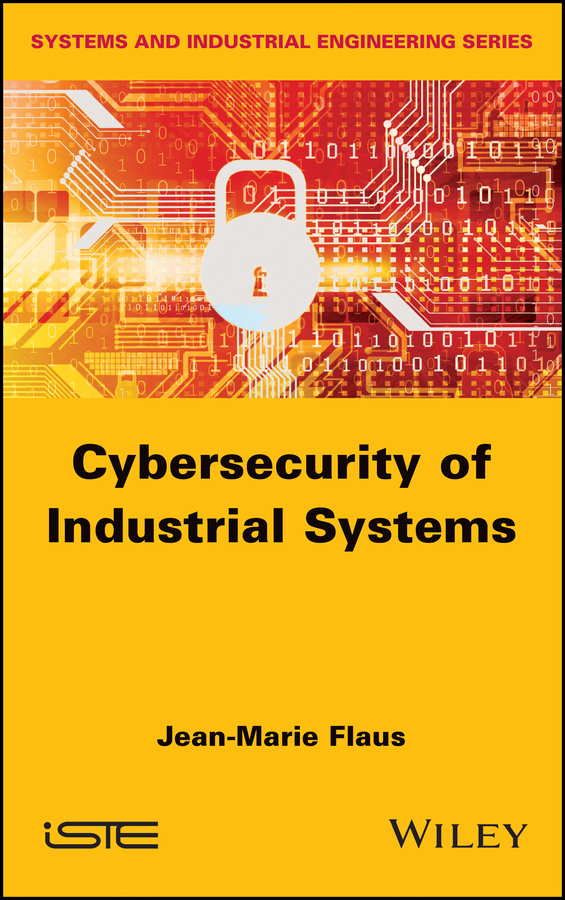
Cybersecurity of Industrial Systems How to manage the cybersecurity of industrial systems is a crucial question. To implement relevant solutions, the industrial manager must have a clear understanding of IT systems, of communication networks and of control-command systems. They must also have some knowledge of the methods used by attackers, of the standards and regulations involved and of the available security solutions. Cybersecurity of Industrial Systems presents these different subjects in order to give an in-depth overview and to help the reader manage the cybersecurity of their installation. The book addresses these issues for both classic SCADA architecture systems and Industrial Internet of Things (IIoT) systems. TECHNOLOGY & ENGINEERING,Telecommunications
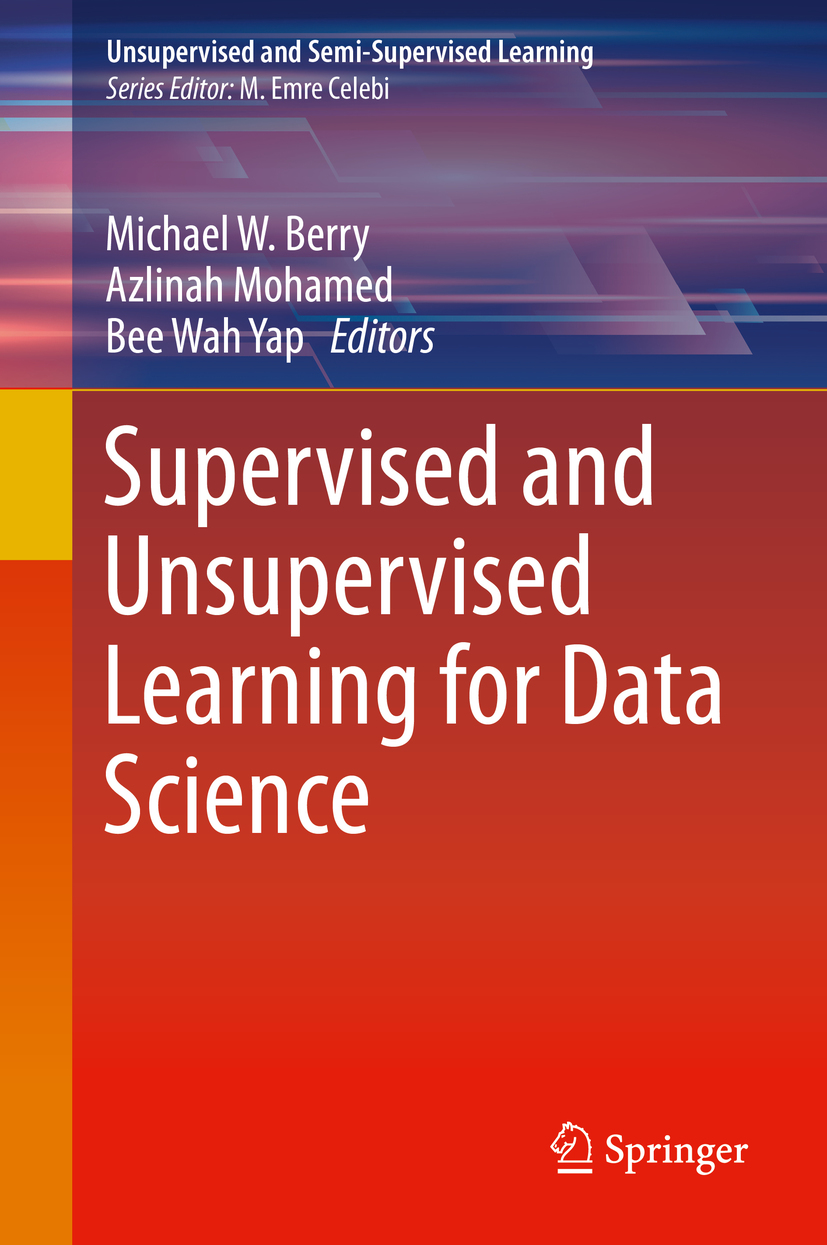
Supervised and Unsupervised Learning for Data Science This book covers the state of the art in learning algorithms with an inclusion of semi-supervised methods to provide a broad scope of clustering and classification solutions for big data applications. Case studies and best practices are included along with theoretical models of learning for a comprehensive reference to the field. The book is organized into eight chapters that cover the following topics: discretization, feature extraction and selection, classification, clustering, topic modeling, graph analysis and applications. Practitioners and graduate students can use the volume as an important reference for their current and future research and faculty will find the volume useful for assignments in presenting current approaches to unsupervised and semi-supervised learning in graduate-level seminar courses. The book is based on selected, expanded papers from the Fourth International Conference on Soft Computing in Data Science (2018). Includes new advances in clustering and classification using semi-supervised and unsupervised learning; Address new challenges arising in feature extraction and selection using semi-supervised and unsupervised learning; Features applications from healthcare, engineering, and text/social media mining that exploit techniques from semi-supervised and unsupervised learning. TECHNOLOGY & ENGINEERING,Telecommunications
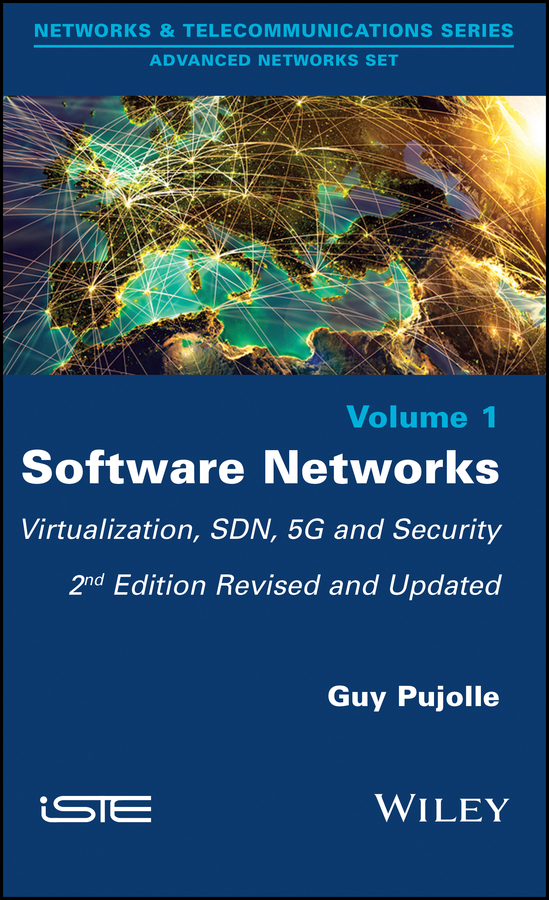
Software Networks Software Networks describe new concepts for the Internet's next generation. This architecture is based on virtual networking using Cloud and datacenter facilities. The main problems to be dealt with are the placement of virtual resources for opening a new network on the fly, and the urbanization of virtual resources implemented on physical network equipment. The digital architecture also deals with mechanisms capable of automatically controlling the placement of all virtual resources within the physical network. This book describes how to create and delete virtual networks on the fly. Indeed, the system is able to create any new network with any kind of virtual resource (e.g. switches, routers, LSRs, optical paths, firewalls, SIP-based servers, devices, servers, access points, etc.). Software Networks shows how this architecture is compatible with new advances in SDN (Software Defined Networking), new high-speed transport protocols such as TRILL (Transparent Interconnection of Lots of Links) and LISP (Locator/Identifier Separation Protocol), NGN, IMS, new generation Wi-Fi, and 4G/5G networks. Finally, the author introduces Clouds of security and the virtualization of secure elements (smartcards) that could certainly transform how to secure the Internet. For this second edition, the author addresses in five new chapters the importance of open source software for networks, mobile edge computing, fog networking, tactile internet – a network environment allowing remote access, and security – the use of Cloud of security, secure elements and the emergence of the blockchain. TECHNOLOGY & ENGINEERING,Telecommunications
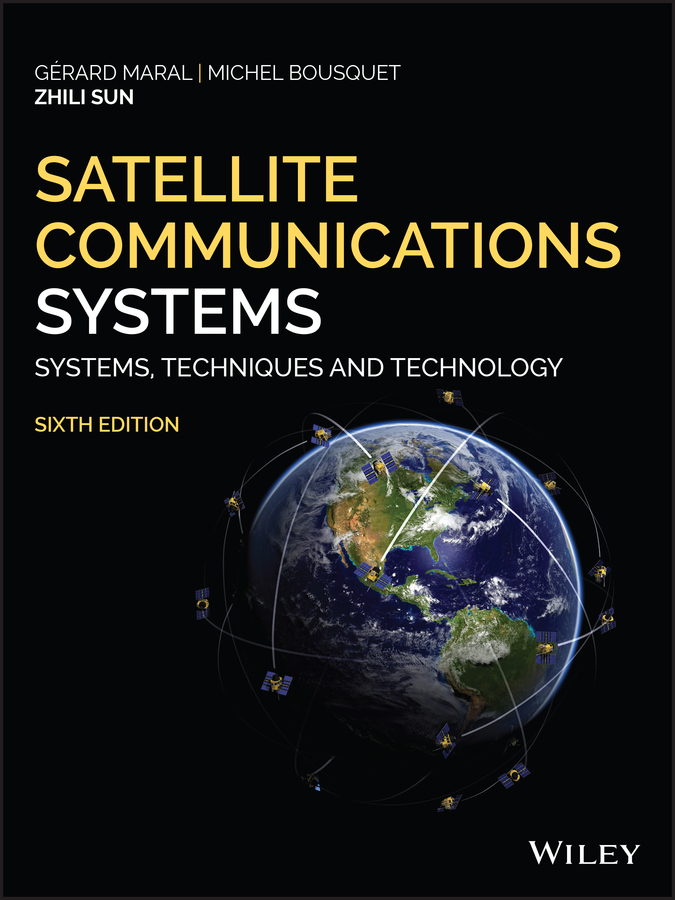
Satellite Communications Systems The revised and updated sixth edition of Satellite Communications Systems contains information on the most recent advances related to satellite communications systems, technologies, network architectures and new requirements of services and applications. The authors – noted experts on the topic – cover the state-of-the-art satellite communication systems and technologies and examine the relevant topics concerning communication and network technologies, concepts, techniques and algorithms. New to this edition is information on internetworking with the broadband satellite systems, more intensive coverage of Ka band technologies, GEO high throughput satellite (HTS), LEO constellations and the potential to support the current new broadband Internet services as well as future developments for global information infrastructure. The authors offer details on digital communication systems and broadband networks in order to provide high-level researchers and professional engineers an authoritative reference. In addition, the book is designed in a user-friendly format. TECHNOLOGY & ENGINEERING,Telecommunications
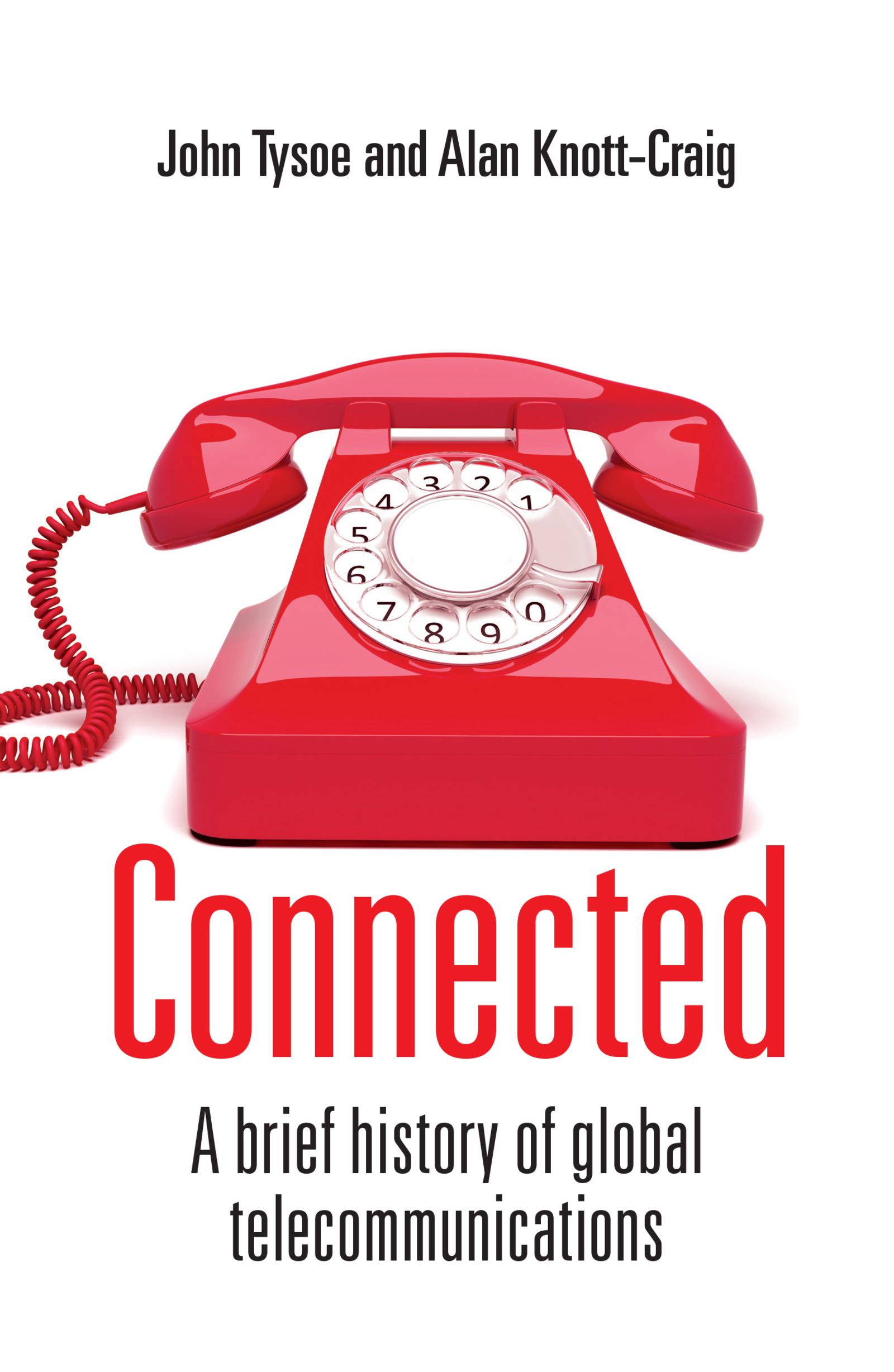
Connected ‘Mr Watson, come here, I want to see you.'It's been almost 150 years since Alexander Graham Bell said these immortal words on the first ever phone call, to his assistant in the next room. Between 10 March 1876 and now, the world has changed beyond recognition. And telecommunications, which has played a fundamental role in this change, has itself evolved into an industry that was the sole preserve of science fiction.When the world's first modern mobile telephone network was launched in 1979, there were just over 300 million telephones. Today, there are more than eight billion, most of which are mobile. Most people in most countries can now contact each other in a matter of seconds. Soon we'll all be connected, to each other, and to complex computer networks that provide us with instant information, but also observe and record our actions. No other phenomenon touches so many of us, so directly, each and every day of our lives.A concise edition of John Tysoe and Alan Knott-Craig's magnum opus, A History of Telecommunications, this book gives you the information you need to know about what keeps us connected and how we got here. TECHNOLOGY & ENGINEERING,Telecommunications
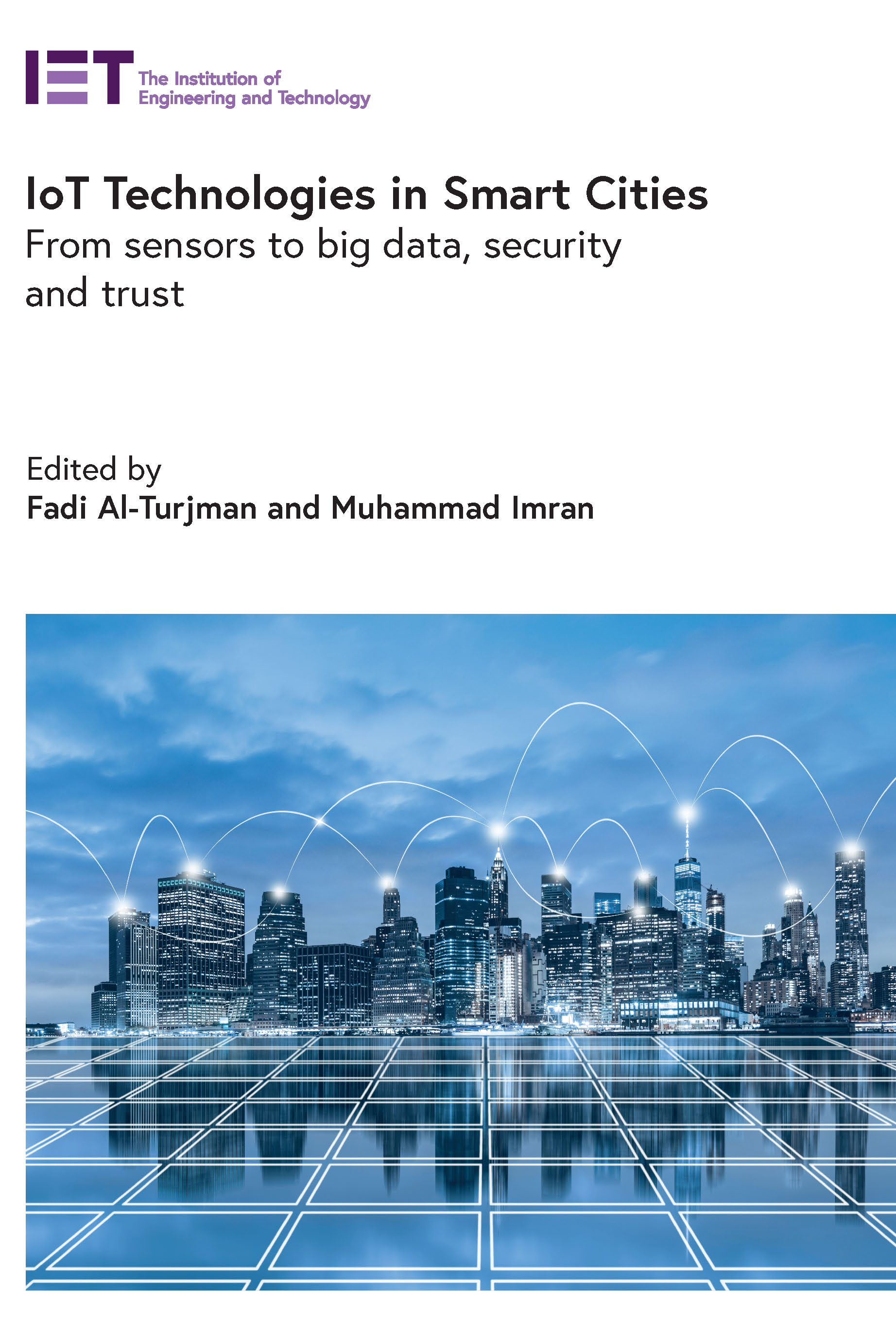
IoT Technologies in Smart-Cities This book focuses on both the design and implementation aspects for smart city and sensing applications that are enabled and supported by IoT paradigms. Attention is also given to data delivery approaches and performance aspects. TECHNOLOGY & ENGINEERING,Telecommunications

Smart Living for Smart Cities This book, based on extensive international collaborative research, highlights the state-of-the-art design of “smart living†for metropolises, megacities, and metacities, as well as at the community and neighbourhood level. Smart living is one of six main components of smart cities, the others being smart people, smart economy, smart environment, smart mobility and smart governance. Smart living in any smart city can only be designed and implemented with active roles for smart people and smart city government, and as a joint effort combining e-Democracy, e-Governance and ICT-IoT systems. In addition to using information and communication technologies, the Internet of Things, Internet of Governance (e-Governance) and Internet of People (e-Democracy), the design of smart living utilizes various domain-specific tools to achieve coordinated, effective and efficient management, development, and conservation, and to improve ecological, social, biophysical, psychological and economic well-being in an equitable manner without compromising the sustainability of development ecosystems and stakeholders. This book presents case studies covering more than 10 cities and centred on domain-specific smart living components. The book is issued in two volumes. and this volume focus on city studies. TECHNOLOGY & ENGINEERING,Telecommunications
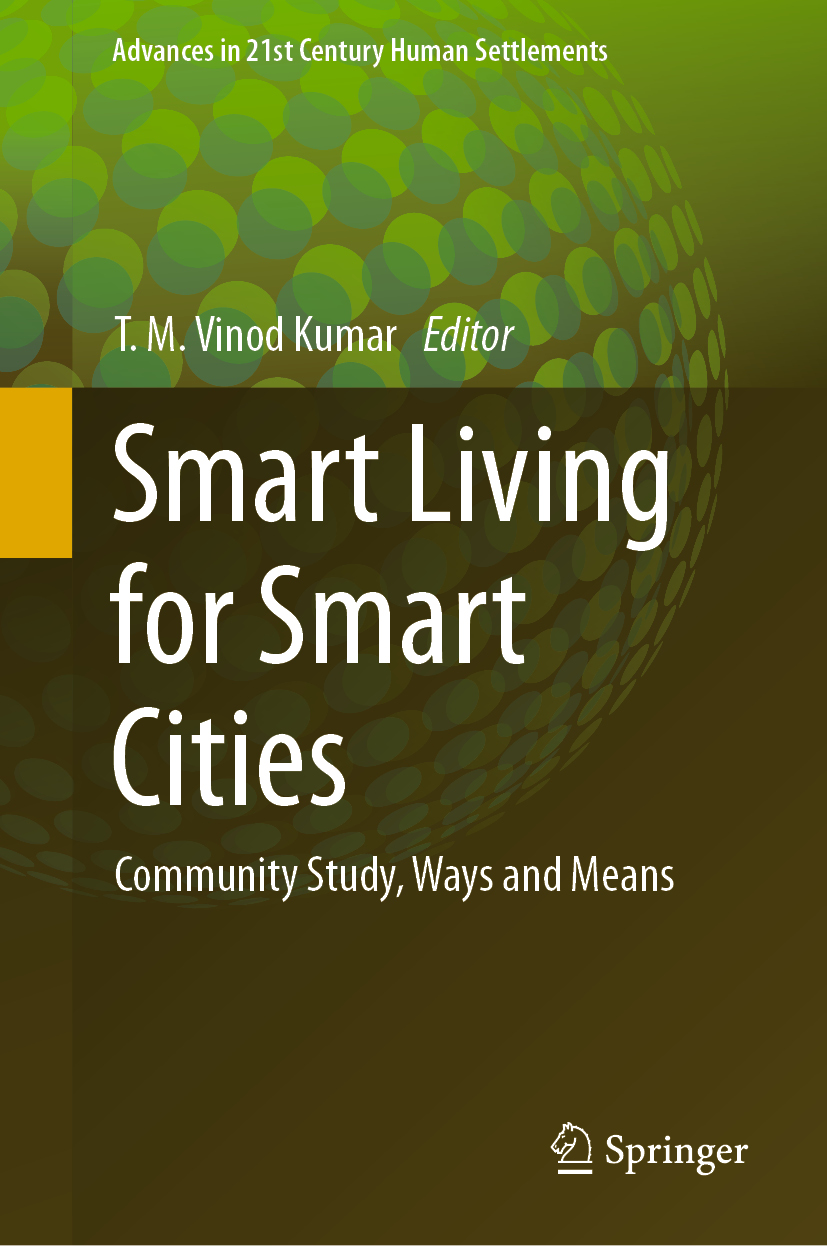
Smart Living for Smart Cities This book, based on extensive international collaborative research, highlights the state-of-the-art design of smart living for metropolises, megacities, and metacities, as well as at the community and neighbourhood level. Smart living is one of six main components of smart cities, the others being smart people, smart economy, smart environment, smart mobility and smart governance. Smart living in any smart city can only be designed and implemented with active roles for smart people and smart city government, and as a joint effort combining e-Democracy, e-Governance and ICT-IoT systems. In addition to using information and communication technologies, the Internet of Things, Internet of Governance (e-Governance) and Internet of People (e-Democracy), the design of smart living utilizes various domain-specific tools to achieve coordinated, effective and efficient management, development, and conservation, and to improve ecological, social, biophysical, psychological and economic well-being in an equitable manner without compromising the sustainability of development ecosystems and stakeholders. This book presents case studies covering more than 10 cities and centred on domain-specific smart living components. The book is issued in two volumes and this volume focus on community studies and ways and means. TECHNOLOGY & ENGINEERING,Telecommunications
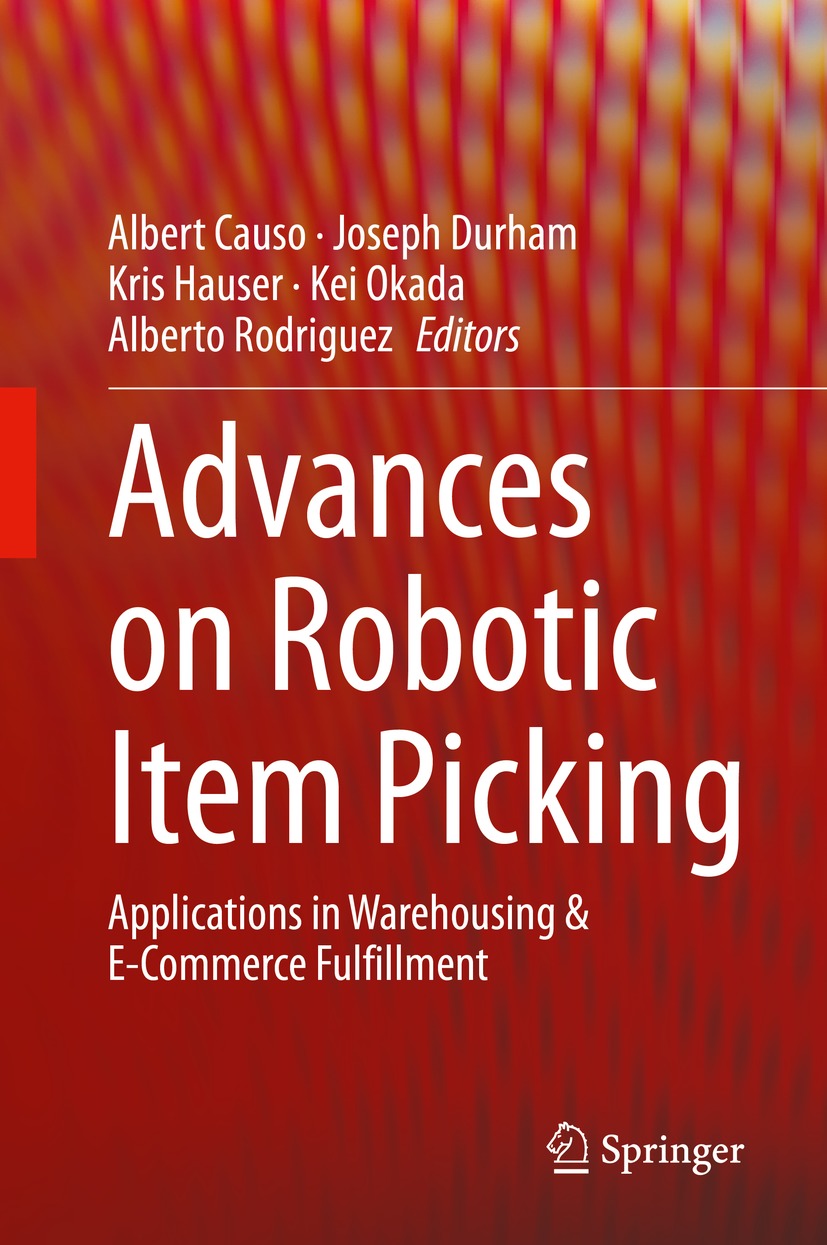
Advances on Robotic Item Picking This book is a compilation of advanced research and applications on robotic item picking and warehouse automation for e-commerce applications. The works in this book are based on results that came out of the Amazon Robotics Challenge from 2015-2017, which focused on fully automated item picking in a warehouse setting, a topic that has been assumed too complicated to solve or has been reduced to a more tractable form of bin picking or single-item table top picking. The book’s contributions reveal some of the top solutions presented from the 50 participant teams. Each solution works to address the time-constraint, accuracy, complexity, and other difficulties that come with warehouse item picking. The book covers topics such as grasping and gripper design, vision and other forms of sensing, actuation and robot design, motion planning, optimization, machine learning and artificial intelligence, software engineering, and system integration, among others. Through this book, the authors describe how robot systems are built from the ground up to do a specific task, in this case, item picking in a warehouse setting. The compiled works come from the best robotics research institutions and companies globally. TECHNOLOGY & ENGINEERING,Telecommunications
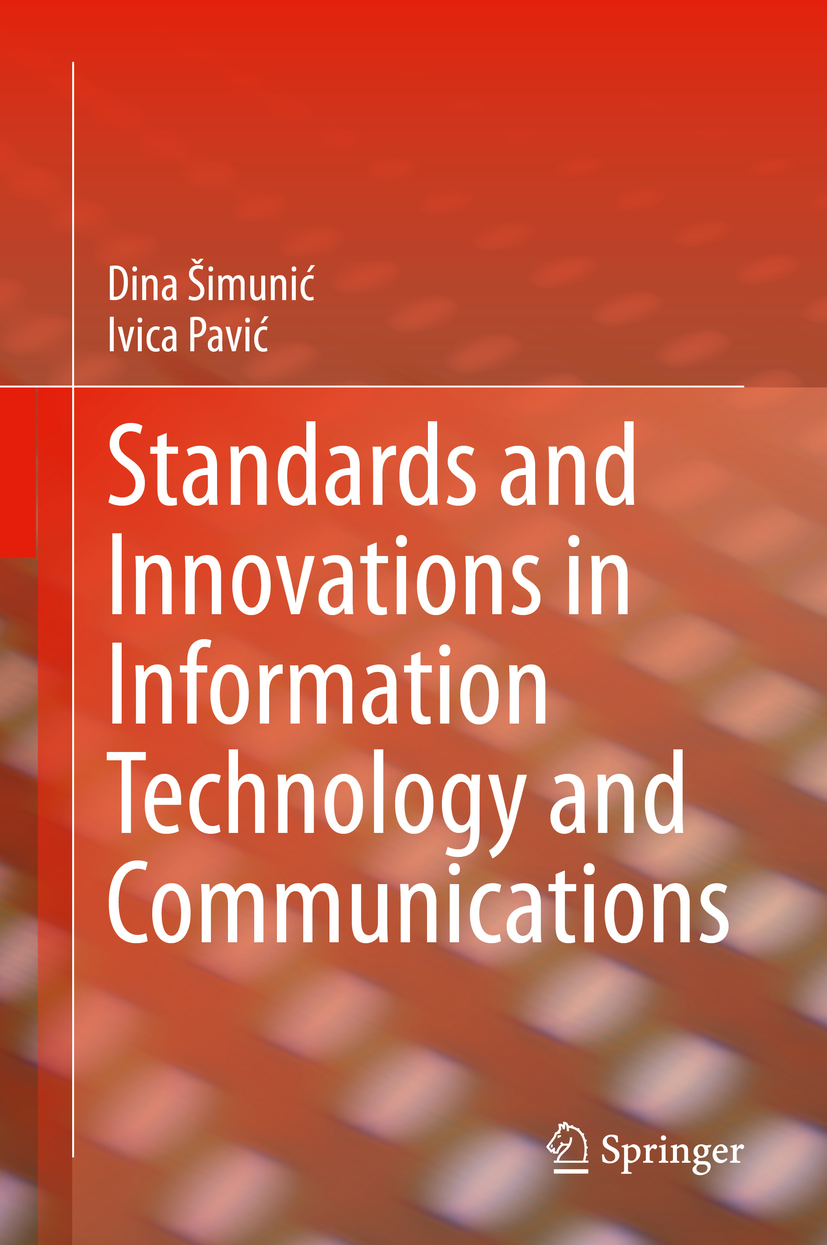
Standards and Innovations in Information Technology and Communications This book gives a thorough explanation of standardization, its processes, its life cycle, and its related organization on a national, regional and global level. The book provides readers with an insight in the interaction cycle between standardization organizations, government, industry, and consumers. The readers can gain a clear insight to standardization and innovation process, standards, and innovations life-cycle and the related organizations with all presented material in the field of information and communications technologies. The book introduces the reader to understand perpetual play of standards and innovation cycle, as the basis for the modern world. TECHNOLOGY & ENGINEERING,Telecommunications
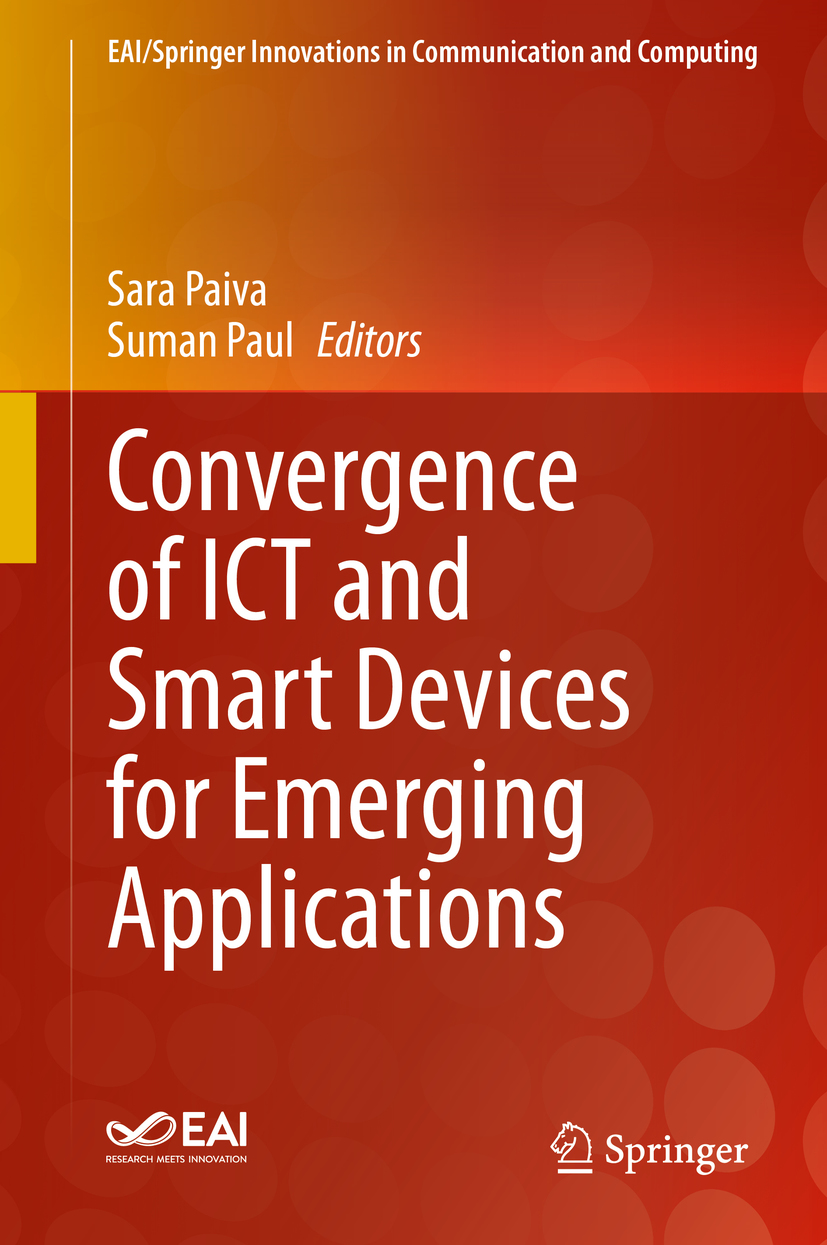
Convergence of ICT and Smart Devices for Emerging Applications This book focuses on recent topics related to the convergence of information and communication technologies (ICT) and computing with smart devices. Domain areas of application include social, industrial, business development, and day to day life aspects. This book presents chapters related to the aforementioned topics including case studies showcasing future technological trends and challenges. Topics social inclusion solutions and social changes; smart devices and applications for day to day life; smart IoT and applications; and smart cities solutions. The book is applicable to researchers, students, professionals, and professors in a wide range of fields. Focuses on recent developments in ICT and smart devices that pose a clear benefit for users; Presents applications of ICT in education, health, electronics, communication, networking, computing, tourism, transportation; Appeals to researchers, academics, and professionals in a cross section of disciplines. TECHNOLOGY & ENGINEERING,Telecommunications
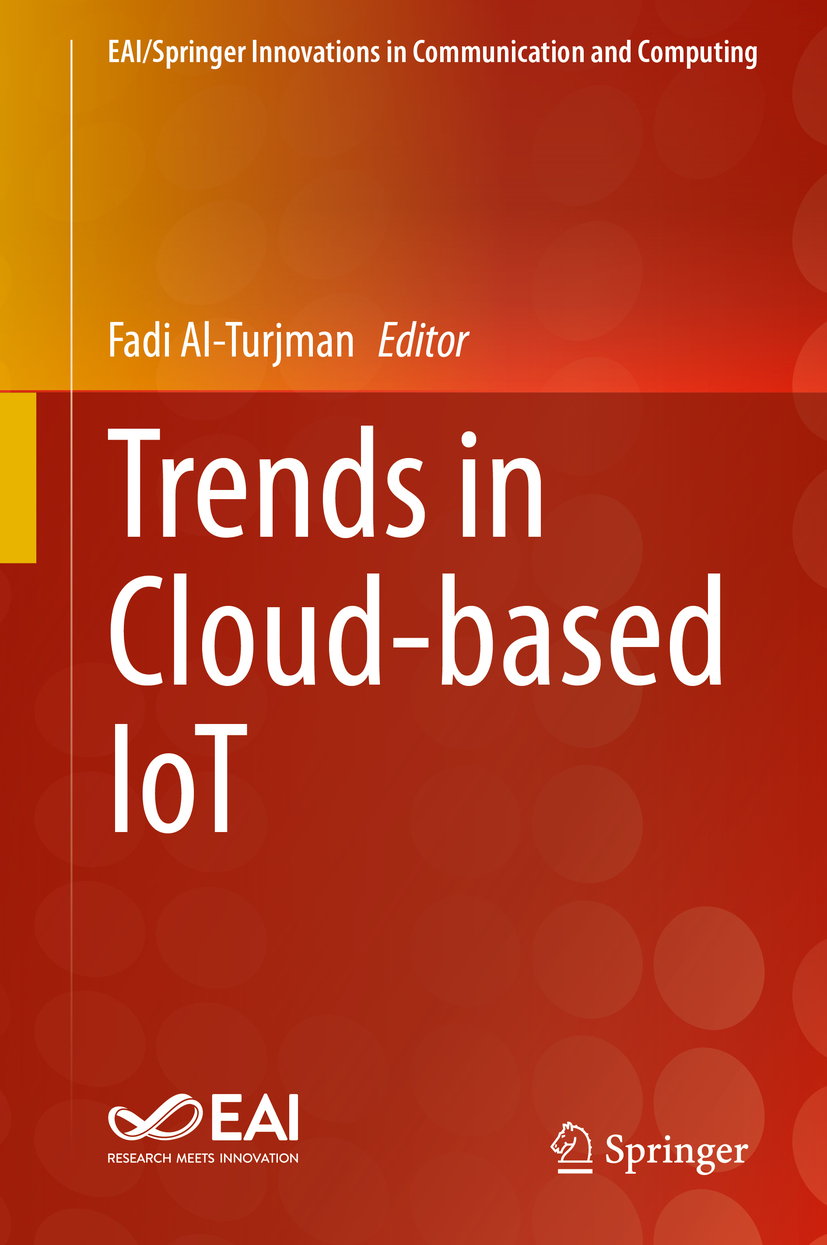
Trends in Cloud-based IoT This book examines research topics in IoT and Cloud and Fog computing. The contributors address major issues and challenges in IoT-based solutions proposed for the Cloud. The authors discuss Cloud smart and energy efficient services in applications such as healthcare, traffic, and farming systems. Targeted readers are from varying disciplines who are interested in designing and deploying the Cloud applications. The book can be helpful to Cloud-based IoT service providers, Cloud-based IoT service consumers, and Cloud service developers in general for getting the state-of-the-art knowledge in the emerging IoT area. The book also provides a strong foundation for researchers to advance further in this domain. Presents a variety of research related to IoT and Cloud computing; Provides the industry with new and innovative operational ideas; Pertinent to academics, researchers, and practitioners around the world. TECHNOLOGY & ENGINEERING,Telecommunications

Communication Technology Update and Fundamentals Communication Technology Update and Fundamentals, now in its 17th edition, has set the standard as the single best resource for students and professionals looking to brush up on how communication technologies have developed, grown, and converged, as well as what’s in store for the future. The book covers the fundamentals of communication technology in five chapters that explain the communication technology ecosystem, its history, theories, structure, and regulations. Each chapter is written by experts who each provide a snapshot of an individual field. The book also dives into the latest developments in electronic mass media, computers, consumer electronics, networking, and telephony. Together, these updates provide a broad overview of these industries and examine the role communication technologies play in our everyday lives. In addition to substantial updates to each chapter, the 17th edition includes the first-ever chapter on Artificial Intelligence; updated user data in every chapter; an overview of industry structure, including recent and proposed mergers and acquisitions; and sidebars exploring sustainability and relevance of each technology to Gen Z. Communication Technology Update and Fundamentals continues to be the industry-leading resource for both students and professionals seeking to understand how communication technologies have developed and where they are headed. TECHNOLOGY & ENGINEERING,Telecommunications
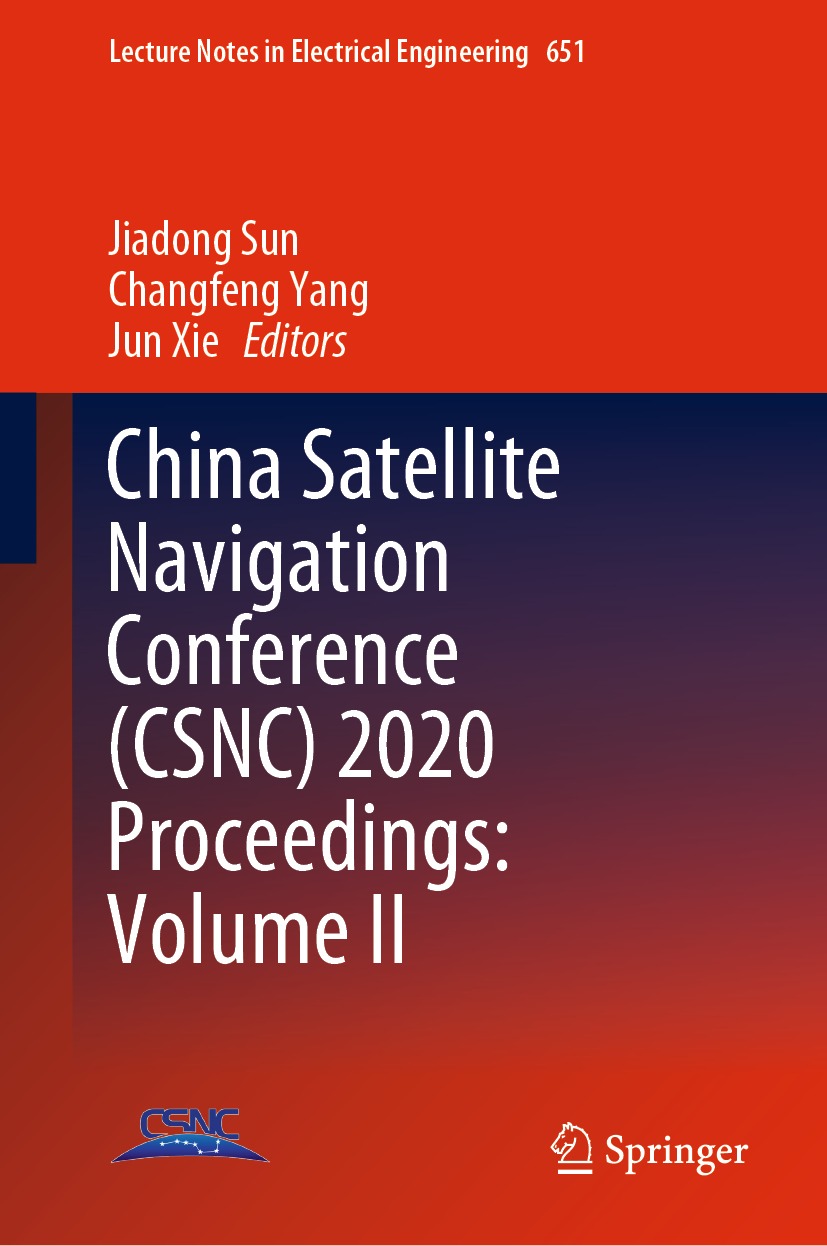
China Satellite Navigation Conference (CSNC) 2020 Proceedings China Satellite Navigation Conference (CSNC 2020) Proceedings presents selected research papers from CSNC 2020 held during 22nd-25th November in Chengdu, China. These papers discuss the technologies and applications of the Global Navigation Satellite System (GNSS), and the latest progress made in the China BeiDou System (BDS) especially. They are divided into 13 topics to match the corresponding sessions in CSNC2020, which broadly covered key topics in GNSS. Readers can learn about the BDS and keep abreast of the latest advances in GNSS techniques and applications. TECHNOLOGY & ENGINEERING,Telecommunications
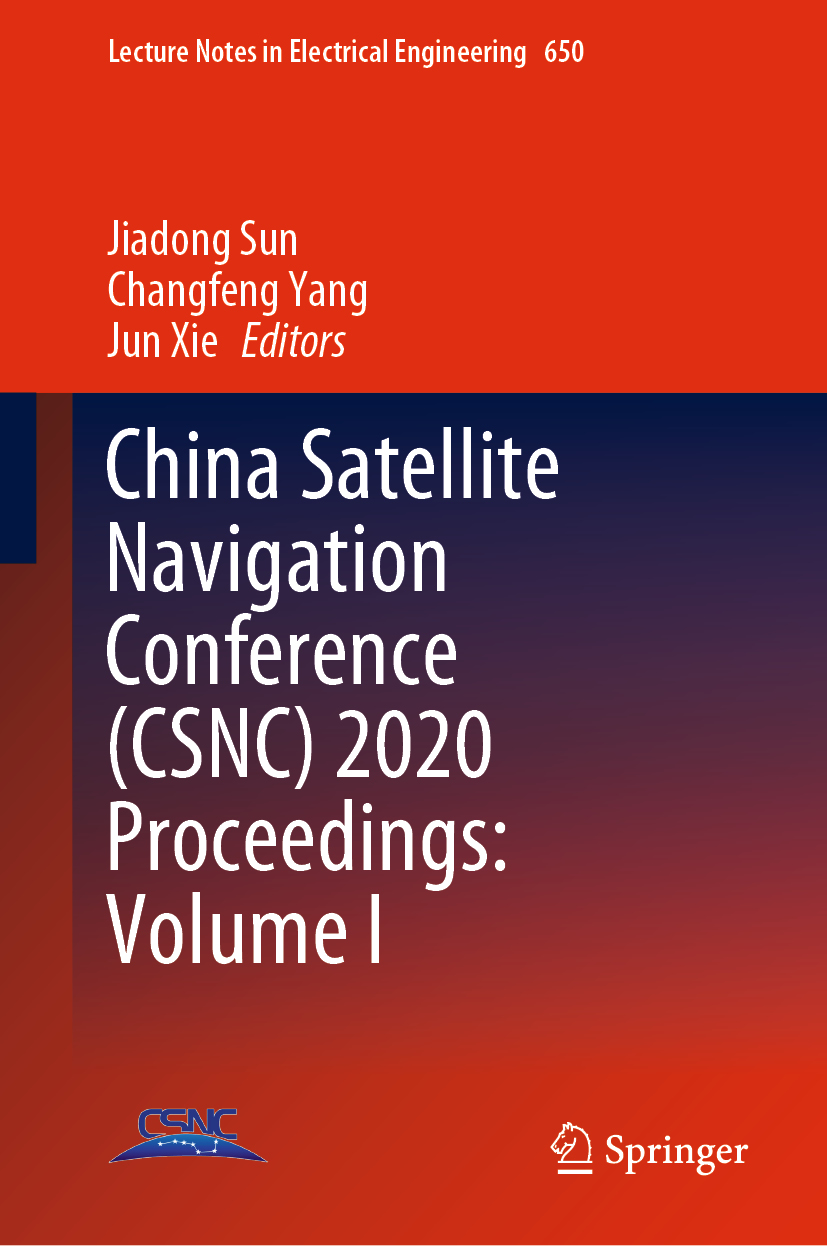
China Satellite Navigation Conference (CSNC) 2020 Proceedings China Satellite Navigation Conference (CSNC 2020) Proceedings presents selected research papers from CSNC 2020 held during 22nd-25th November in Chengdu, China. These papers discuss the technologies and applications of the Global Navigation Satellite System (GNSS), and the latest progress made in the China BeiDou System (BDS) especially. They are divided into 13 topics to match the corresponding sessions in CSNC2020, which broadly covered key topics in GNSS. Readers can learn about the BDS and keep abreast of the latest advances in GNSS techniques and applications. TECHNOLOGY & ENGINEERING,Telecommunications
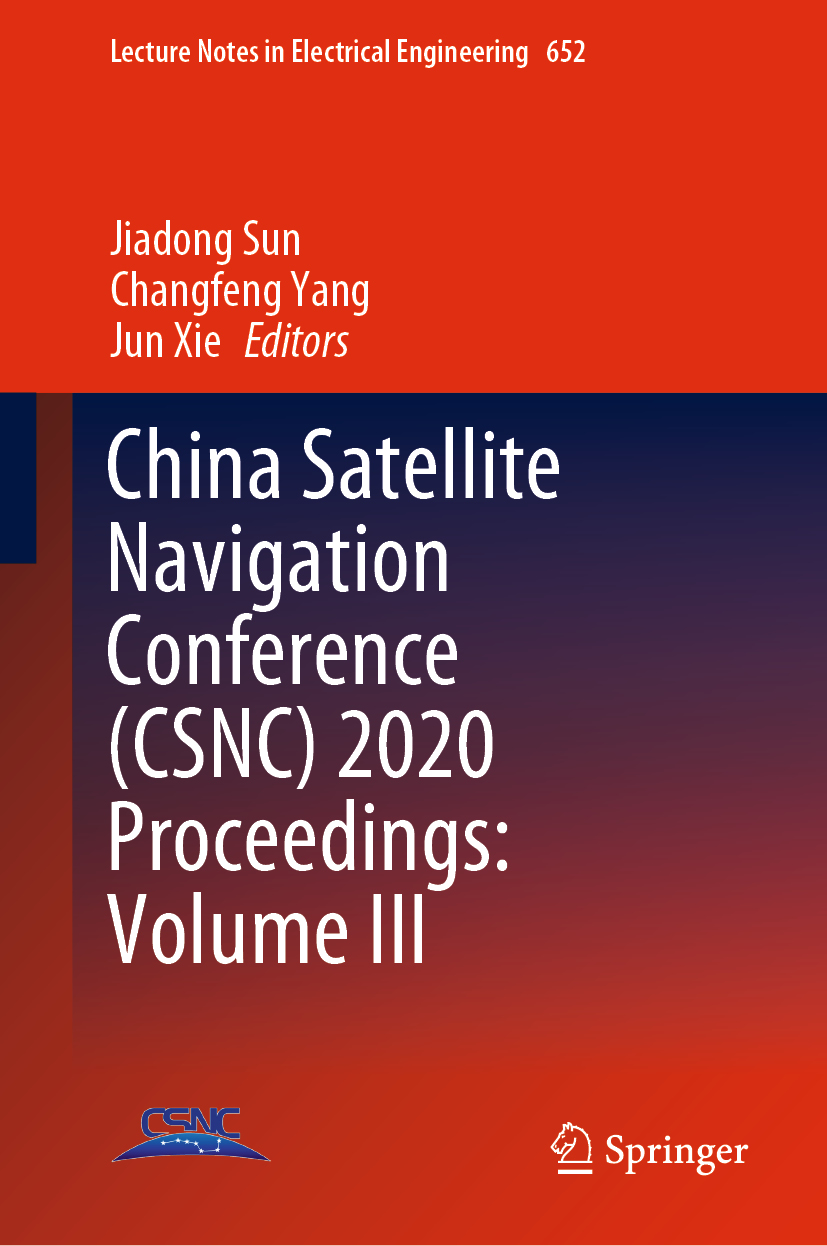
China Satellite Navigation Conference (CSNC) 2020 Proceedings China Satellite Navigation Conference (CSNC 2020) Proceedings presents selected research papers from CSNC 2020 held during 22nd-25th November in Chengdu, China. These papers discuss the technologies and applications of the Global Navigation Satellite System (GNSS), and the latest progress made in the China BeiDou System (BDS) especially. They are divided into 13 topics to match the corresponding sessions in CSNC2020, which broadly covered key topics in GNSS. Readers can learn about the BDS and keep abreast of the latest advances in GNSS techniques and applications. TECHNOLOGY & ENGINEERING,Telecommunications
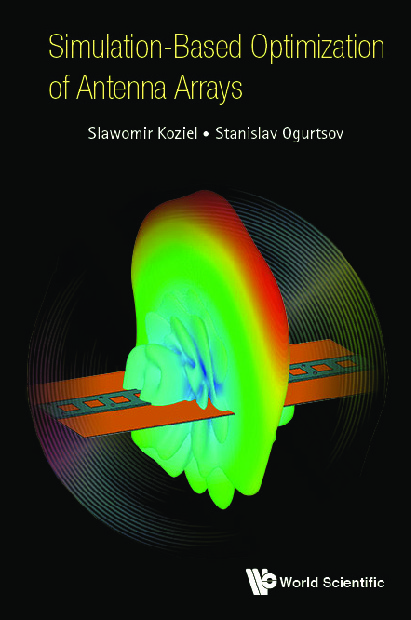
Simulation-based Optimization Of Antenna Arrays The book addresses surrogate-assisted design of antenna arrays, in particular, how surrogate models, both data-driven and physics-based, can be utilized to expedite procedures such as parametric optimization, design closure, statistical analysis, or fault detection. Algorithms and design frameworks are illustrated using a large variety of examples including real-world printed-circuit antenna and antenna array structures.This unique compendium contains introductory materials concerning numerical optimization, both conventional (gradient-based and derivative-free, including metaheuristics) and surrogate-based, as well as a considerable selection of customized procedures developed specifically to handle antenna array problems. Recommendations concerning practical aspects of surrogate-assisted multi-objective antenna optimization are also given. The methods presented allow for cost-efficient handling of antenna array design problems (involving CPU-intensive EM models) in the context of design optimization and statistical analysis, which will benefit both researchers, designers and graduate students. TECHNOLOGY & ENGINEERING,Telecommunications
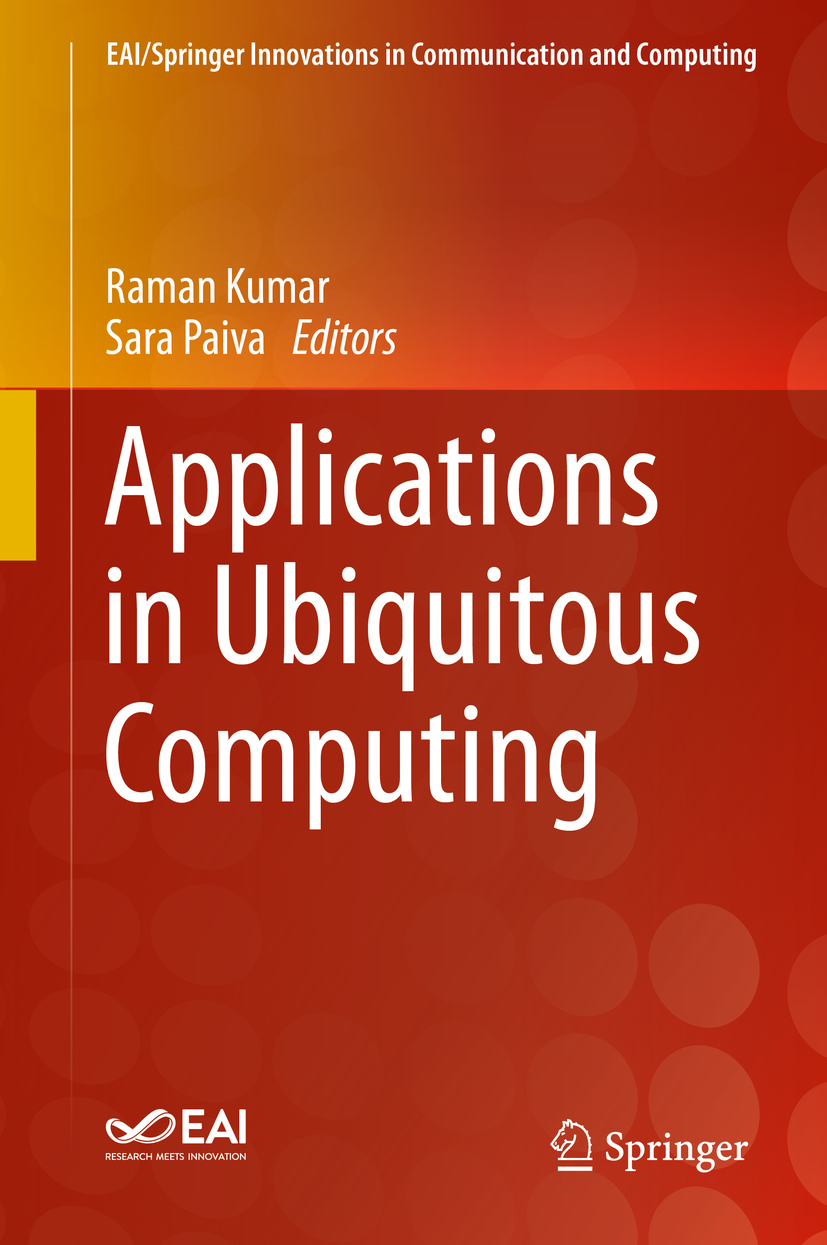
Applications in Ubiquitous Computing ​This book takes a deep dive into ubiquitous computing for applications in health, business, education, tourism, and transportation. The rich interdisciplinary contents of the book appeal to readers from diverse disciplines who aspire to create new and innovative research initiatives and applications in ubiquitous computing. Topics include condition monitoring and diagnostics; multi-objective optimization in design, multi-objective optimization of machining parameters, and more. The book benefits researchers, advanced students, as well as practitioners interested in applications of ubiquitous computing. Features practical, tested applications in ubiquitous computing Includes applications such as health, business, education, electronics, tourism, and transportation Applicable to researchers, academics, students, and professionals TECHNOLOGY & ENGINEERING,Telecommunications
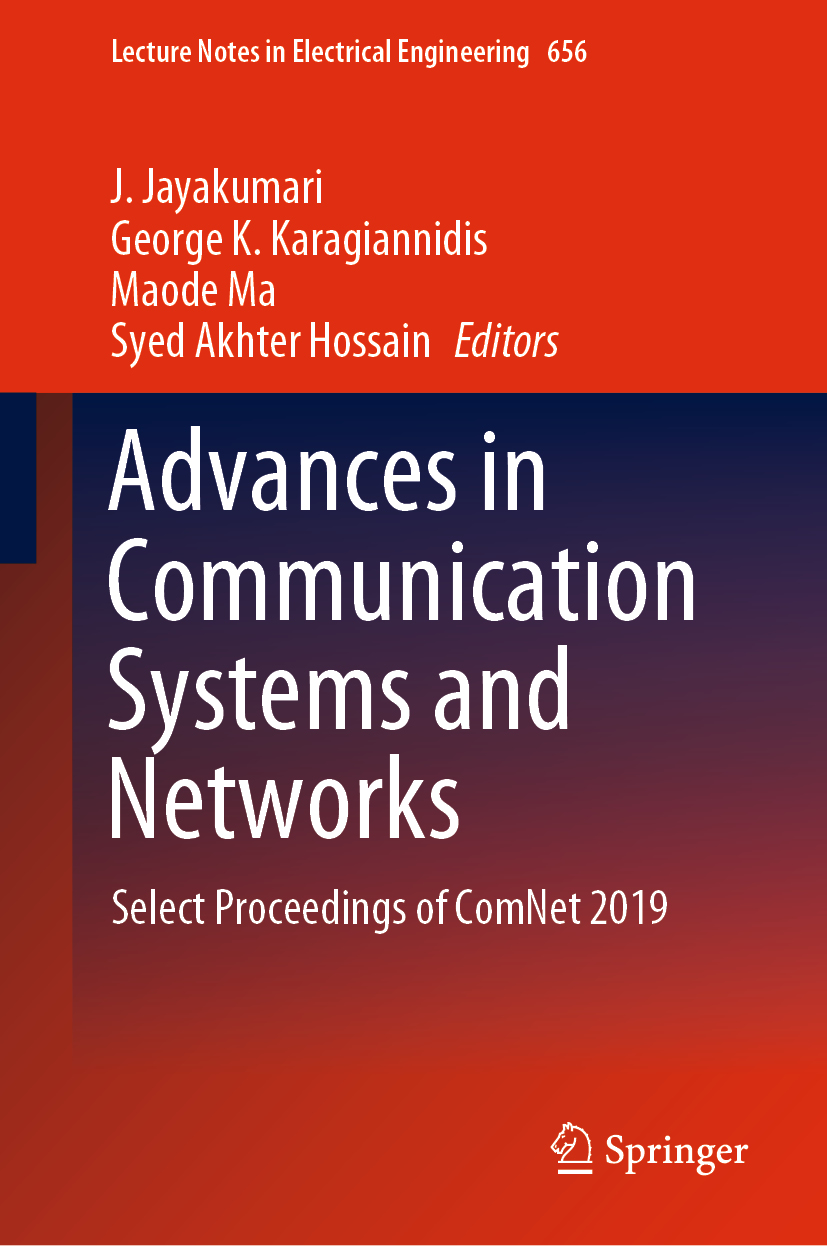
Advances in Communication Systems and Networks This book presents the selected peer-reviewed papers from the International Conference on Communication Systems and Networks (ComNet) 2019. Highlighting the latest findings, ideas, developments and applications in all areas of advanced communication systems and networking, it covers a variety of topics, including next-generation wireless technologies such as 5G, new hardware platforms, antenna design, applications of artificial intelligence (AI), signal processing and optimization techniques. Given its scope, this book can be useful for beginners, researchers and professionals working in wireless communication and networks, and other allied fields. TECHNOLOGY & ENGINEERING,Telecommunications
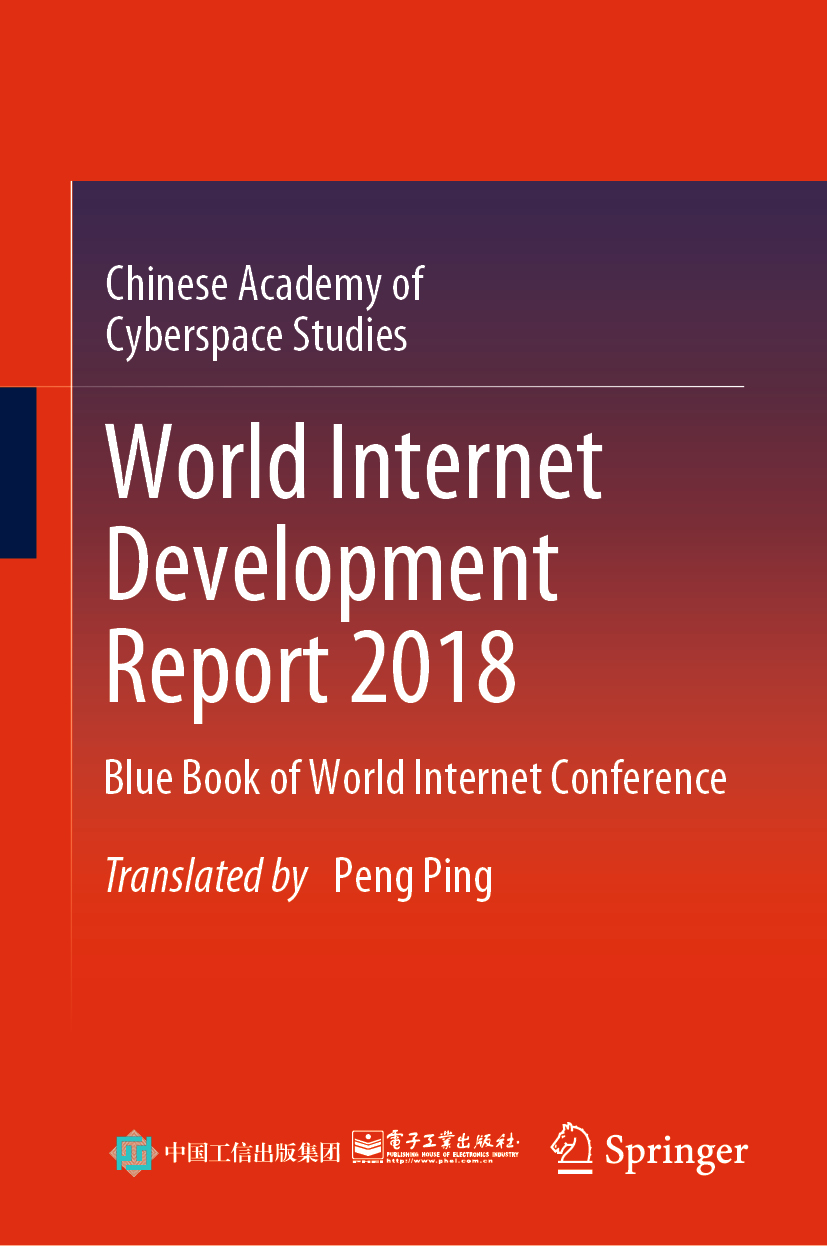
World Internet Development Report 2018 This book is an important outcome of the Fifth World Internet Conference. It provides a comprehensive account of the new trends and highlights of global Internet development over the past year, covering network infrastructure, information technology, digital economy, world internet media, cyber security, and international cyberspace governance. This year, the book improves the Global Internet Development Index System and adds more countries into the assessed list, in order to reflect more comprehensively, objectively and accurately the general situation of the world Internet development and thus to provide reference for all countries in promoting Internet development and governance. TECHNOLOGY & ENGINEERING,Telecommunications
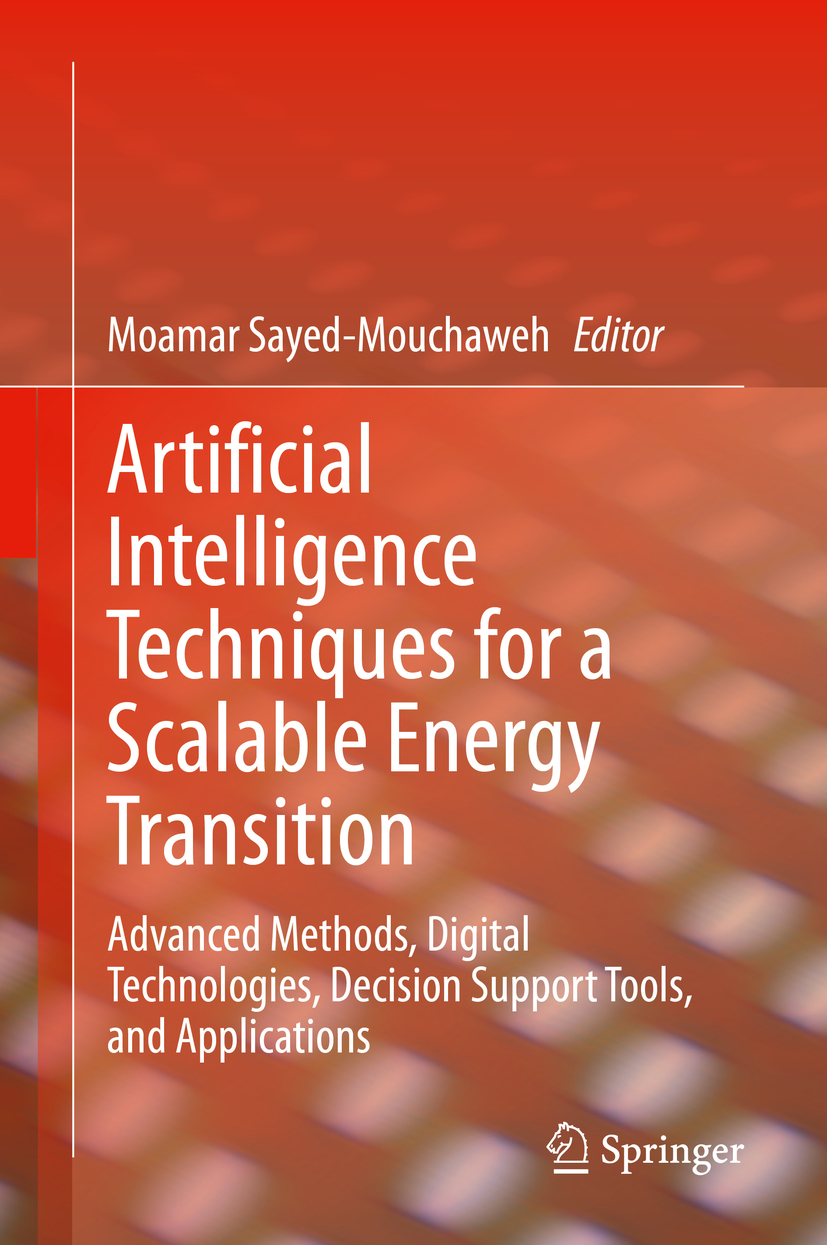
Artificial Intelligence Techniques for a Scalable Energy Transition This book presents research in artificial techniques using intelligence for energy transition, outlining several applications including production systems, energy production, energy distribution, energy management, renewable energy production, cyber security, industry 4.0 and internet of things etc. The book goes beyond standard application by placing a specific focus on the use of AI techniques to address the challenges related to the different applications and topics of energy transition. The contributions are classified according to the market and actor interactions (service providers, manufacturers, customers, integrators, utilities etc.), to the SG architecture model (physical layer, infrastructure layer, and business layer), to the digital twin of SG (business model, operational model, fault/transient model, and asset model), and to the application domain (demand side management, load monitoring, micro grids, energy consulting (residents, utilities), energy saving, dynamic pricing revenue management and smart meters, etc.). TECHNOLOGY & ENGINEERING,Telecommunications
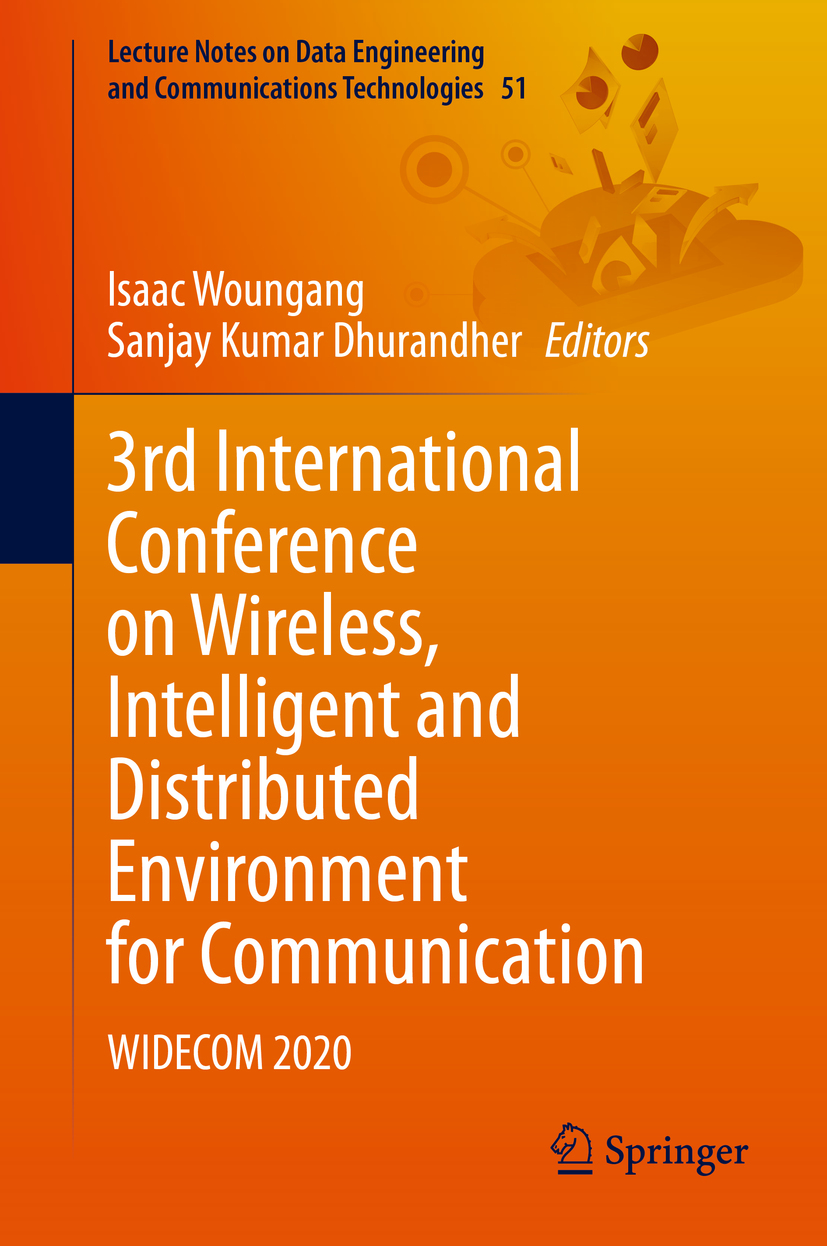
3rd International Conference on Wireless, Intelligent and Distributed Environment for Communication This book presents the proceedings of the 3rd International Conference on Wireless Intelligent and Distributed Environment for Communication (WIDECOM 2020), sponsored by Ryerson University, Toronto, Canada, May 6-8, 2020. The WIDECOM conference solicits papers addressing issues related to new dependability paradigms, design, and performance of dependable network computing and mobile systems, as well as issues related to the security of these systems. The goal of the conference is to provide a forum for researchers, students, scientists and engineers working in academia and industry to share their experiences, new ideas and research results in the above-mentioned areas. Presents the proceedings of the International Conference on Wireless Intelligent and Distributed Environment for Communication (WIDECOM 2020), Ryerson University, Toronto, Canada, May 6-8, 2020; Includes an array of topics networking computing, mobile/ubiquitous systems, cloud systems, and IoT systems; Addresses issues related to protecting information security and establishing trust in the digital space. TECHNOLOGY & ENGINEERING,Telecommunications

Digital Crossroads, second edition A thoroughly updated, comprehensive, and accessible guide to U.S. telecommunications law and policy, covering recent developments including mobile broadband issues, spectrum policy, and net neutrality. In Digital Crossroads, two experts on telecommunications policy offer a comprehensive and accessible analysis of the regulation of competition in the U.S. telecommunications industry. The first edition of Digital Crossroads (MIT Press, 2005) became an essential and uniquely readable guide for policymakers, lawyers, scholars, and students in a fast-moving and complex policy field. In this second edition, the authors have revised every section of every chapter to reflect the evolution in industry structure, technology, and regulatory strategy since 2005. The book features entirely new discussions of such topics as the explosive development of the mobile broadband ecosystem; incentive auctions and other recent spectrum policy initiatives; the FCC's net neutrality rules; the National Broadband Plan; the declining relevance of the traditional public switched telephone network; and the policy response to online video services and their potential to transform the way Americans watch television. Like its predecessor, this new edition of Digital Crossroads not only helps nonspecialists climb this field's formidable learning curve, but also makes substantive contributions to ongoing policy debates. TECHNOLOGY & ENGINEERING,Telecommunications
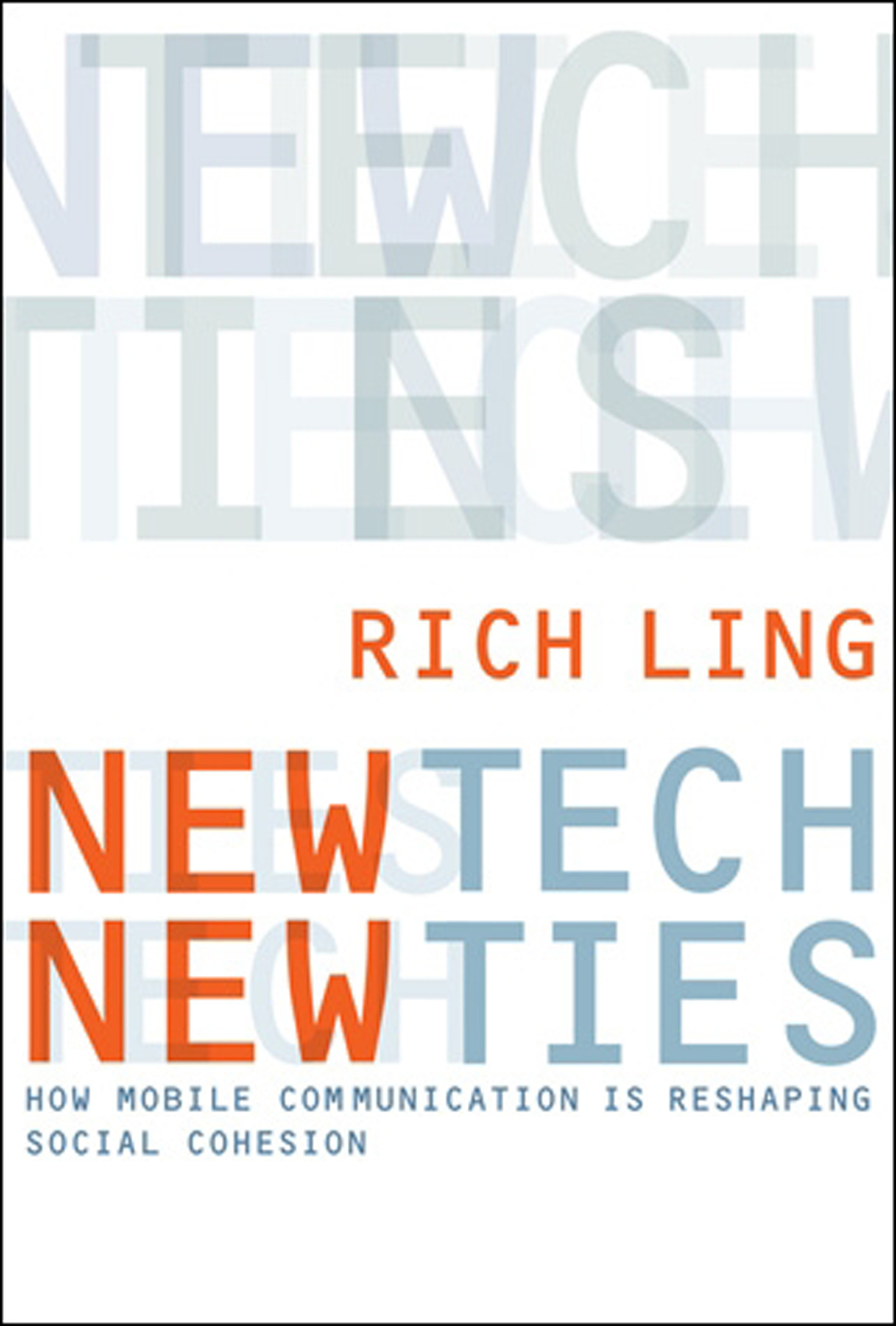
New Tech, New Ties How cell phones and mobile communication may in many cases strengthen social cohesion. The message of this book is simple: the mobile phone strengthens social bonds among family and friends. With a traditional land-line telephone, we place calls to a location and ask hopefully if someone is “there”; with a mobile phone, we have instant and perpetual access to friends and family regardless of where they are. But when we are engaged in these intimate conversations with absent friends, what happens to our relationship with the people who are actually in the same room with us? In New Tech, New Ties, Rich Ling examines how the mobile telephone affects both kinds of interactions—those mediated by mobile communication and those that are face to face. Ling finds that through the use of various social rituals the mobile telephone strengthens social ties within the circle of friends and family—sometimes at the expense of interaction with those who are physically present—and creates what he calls “bounded solidarity.” Ling argues that mobile communication helps to engender and develop social cohesion within the family and the peer group. Drawing on the work of Emile Durkheim, Erving Goffman, and Randall Collins, Ling shows that ritual interaction is a catalyst for the development of social bonding. From this perspective, he examines how mobile communication affects face-to-face ritual situations and how ritual is used in interaction mediated by mobile communication. He looks at the evidence, including interviews and observations from around the world, that documents the effect of mobile communication on social bonding and also examines some of the other possibly problematic issues raised by tighter social cohesion in small groups. TECHNOLOGY & ENGINEERING,Telecommunications
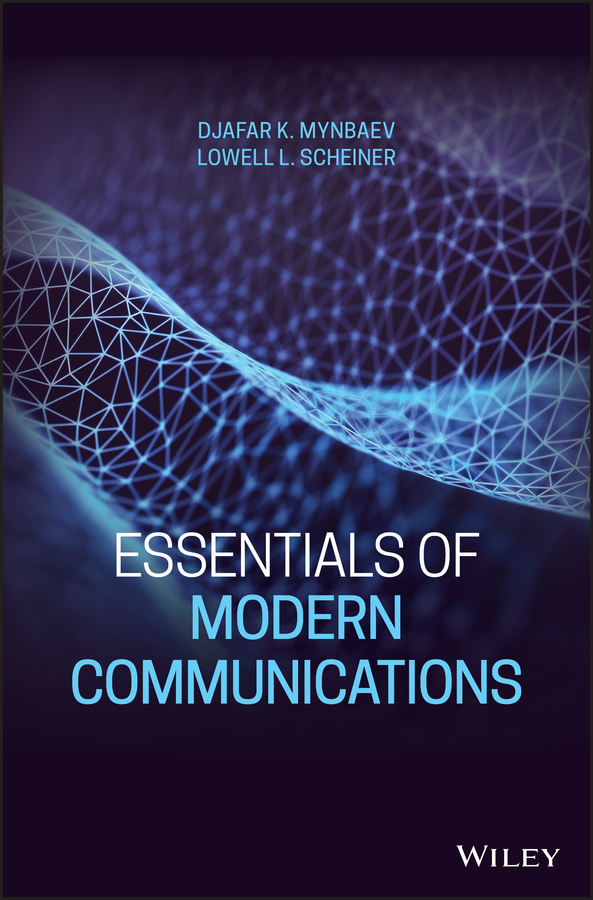
Essentials of Modern Communications Explore Modern Communications and Understand Principles of Operations, Appropriate Technologies, and Elements of Design of Communication Systems Modern society requires a different set of communication systems than has any previous generation. To maintain and improve the contemporary communication systems that meet ever-changing requirements, engineers need to know how to recognize and solve cardinal problems. In Essentials of Modern Communications, readers will learn how modern communication has expanded and will discover where it is likely to go in the future. By discussing the fundamental principles, methods, and techniques used in various communication systems, this book helps engineers assess, troubleshoot, and fix problems that are likely to occur. In this reference, readers will learn about topics like: How communication systems respond in time and frequency domains Principles of analog and digital modulations Application of spectral analysis to modern communication systems based on the Fourier series and Fourier transform Specific examples and problems, with discussions around their optimal solutions, limitations, and applications Approaches to solving the concrete engineering problems of modern communications based on critical, logical, creative, and out-of-box thinking For readers looking for a resource on the fundamentals of modern communications and the possible issues they face, Essentials of Modern Communications is instrumental in educating on real-life problems that engineering students and professionals are likely to encounter. TECHNOLOGY & ENGINEERING,Telecommunications
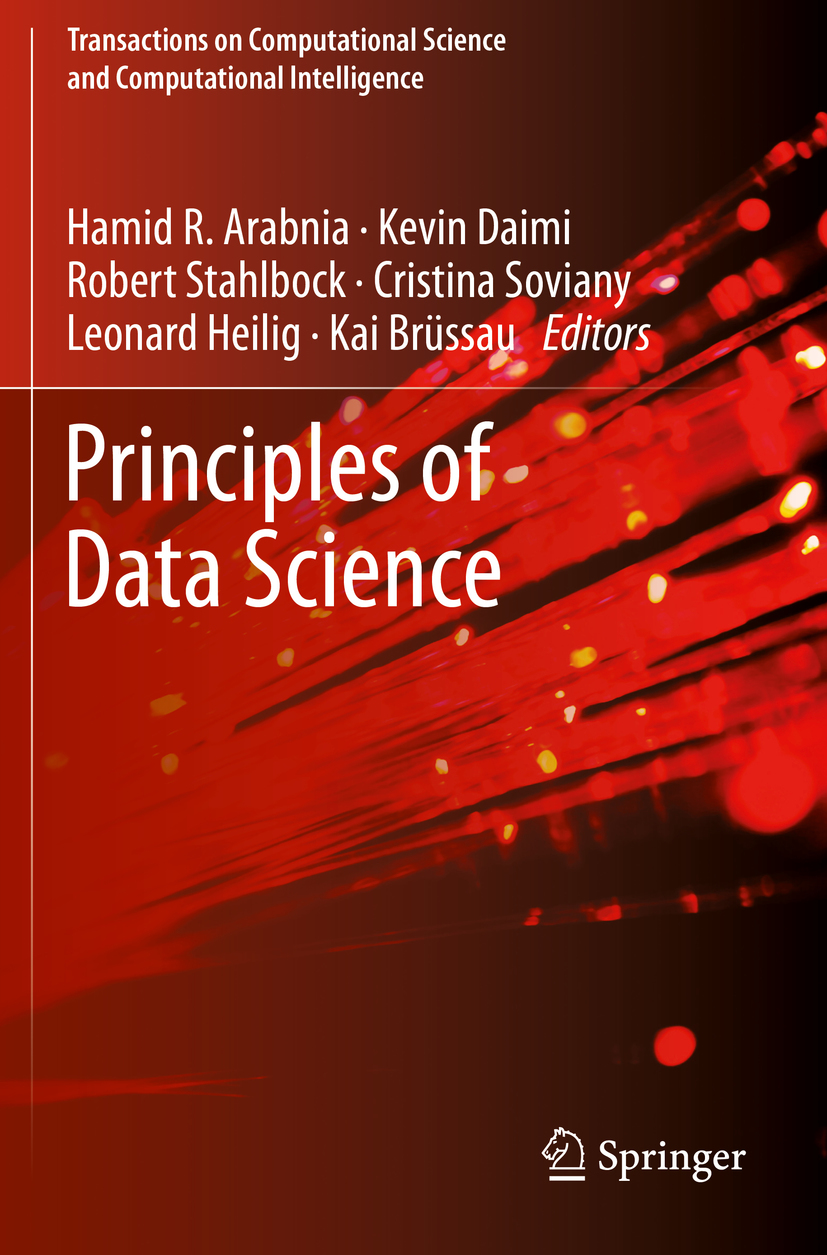
Principles of Data Science This book provides readers with a thorough understanding of various research areas within the field of data science. The book introduces readers to various techniques for data acquisition, extraction, and cleaning, data summarizing and modeling, data analysis and communication techniques, data science tools, deep learning, and various data science applications. Researchers can extract and conclude various future ideas and topics that could result in potential publications or thesis. Furthermore, this book contributes to Data Scientists’ preparation and to enhancing their knowledge of the field. The book provides a rich collection of manuscripts in highly regarded data science topics, edited by professors with long experience in the field of data science. Introduces various techniques, methods, and algorithms adopted by Data Science experts Provides a detailed explanation of data science perceptions, reinforced by practical examples Presents a road map of future trends suitable for innovative data science research and practice TECHNOLOGY & ENGINEERING,Telecommunications

Network Traffic Engineering A comprehensive guide to the concepts and applications of queuing theory and traffic theory Network Traffic Engineering: Models and Applications provides an advanced level queuing theory guide for students with a strong mathematical background who are interested in analytic modeling and performance assessment of communication networks. The text begins with the basics of queueing theory before moving on to more advanced levels. The topics covered in the book are derived from the most cutting-edge research, project development, teaching activity, and discussions on the subject. They include applications of queuing and traffic theory in: LTE networks Wi-Fi networks Ad-hoc networks Automated vehicles Congestion control on the Internet The distinguished author seeks to show how insight into practical and real-world problems can be gained by means of quantitative modeling. Perfect for graduate students of computer engineering, computer science, telecommunication engineering, and electrical engineering, Network Traffic Engineering offers a supremely practical approach to a rapidly developing field of study and industry. TECHNOLOGY & ENGINEERING,Telecommunications
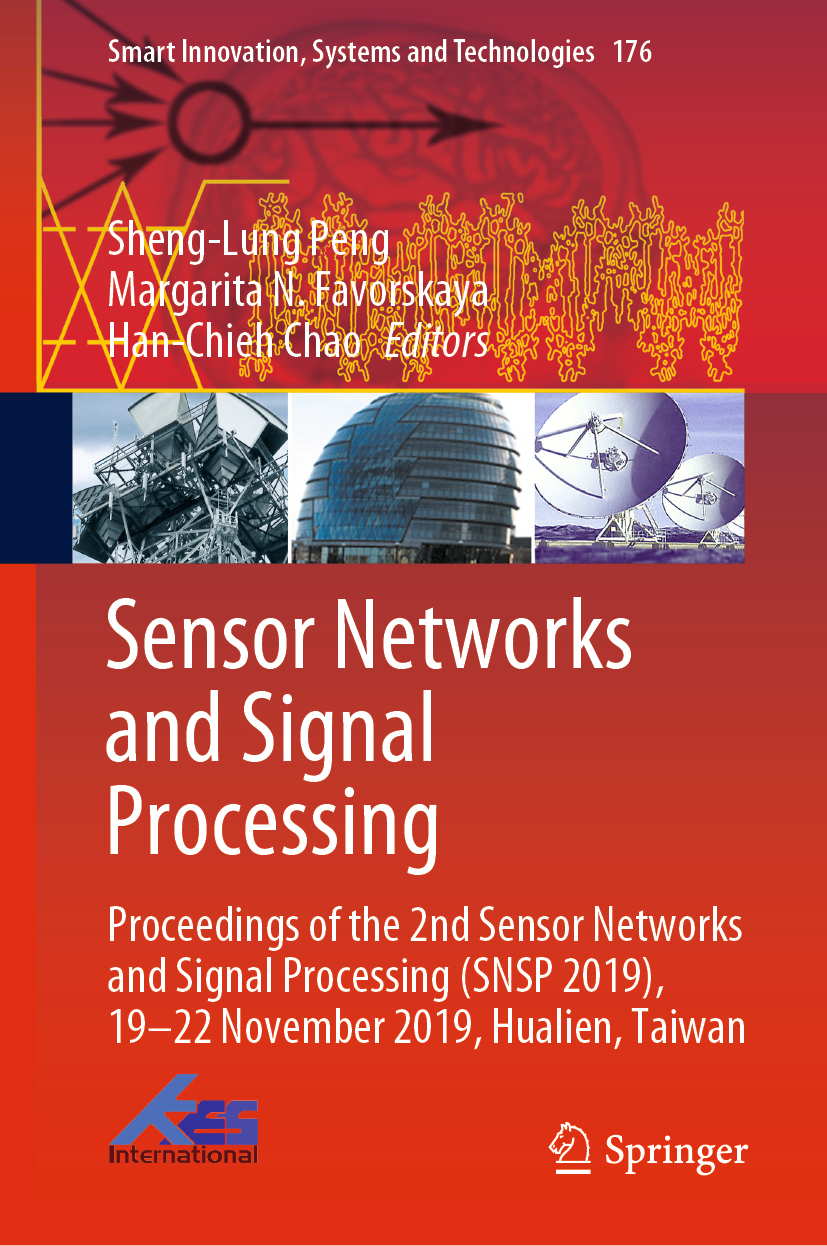
Sensor Networks and Signal Processing This book offers a collection of high-quality research papers presented at the 2nd International Conference on Sensor Networks and Signal Processing (SNSP 2019), held in Taiwan on November 19–22, 2019. It presents novel contributions in the areas of sensor and actuator networks, wireless networks, networking and protocols, security and privacy, wireless communications, distributed algorithms, Internet of Things, system modeling and performance analysis, fault tolerance/diagnostics, information management, data mining and analysis, embedded systems design, signal theory, signal and image processing, detection and estimation, spectral analysis, software developments, pattern recognition, data processing, remote sensing, big data, machine learning, information and coding theory, and industrial applications. TECHNOLOGY & ENGINEERING,Telecommunications
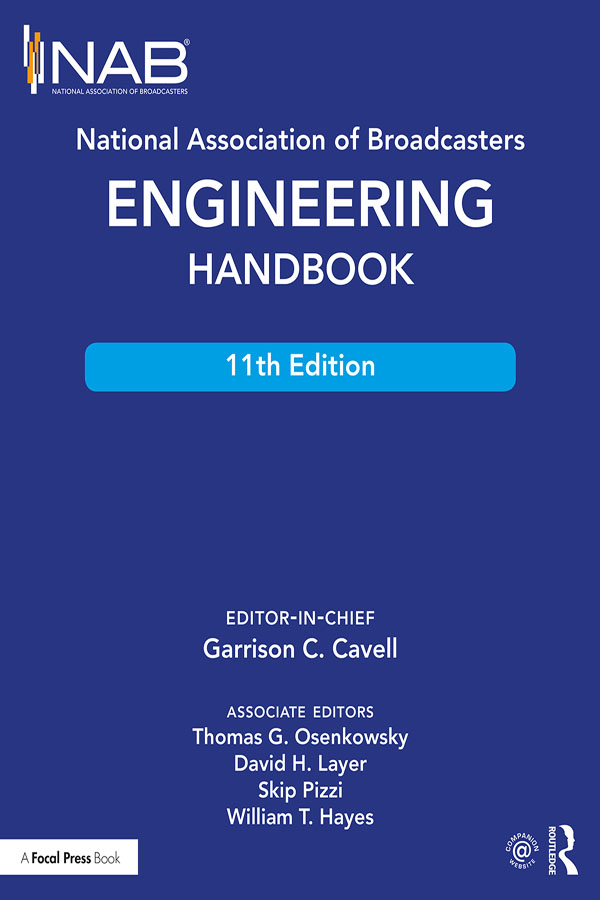
National Association of Broadcasters Engineering Handbook The NAB Engineering Handbook is the definitive resource for broadcast engineers. It provides in-depth information about each aspect of the broadcast chain from audio and video contribution through an entire broadcast facility all the way to the antenna. New topics include Ultra High Definition Television, Internet Radio Interfacing and Streaming, ATSC 3.0, Digital Audio Compression Techniques, Digital Television Audio Loudness Management, and Video Format and Standards Conversion. Important updates have been made to incumbent topics such as AM, Shortwave, FM and Television Transmitting Systems, Studio Lighting, Cameras, and Principles of Acoustics. The big-picture, comprehensive nature of the NAB Engineering Handbook will appeal to all broadcast engineers—everyone from broadcast chief engineers, who need expanded knowledge of all the specialized areas they encounter in the field, to technologists in specialized fields like IT and RF who are interested in learning about unfamiliar topics. Chapters are written to be accessible and easy to understand by all levels of engineers and technicians. A wide range of related topics that engineers and technical managers need to understand are covered, including broadcast documentation, FCC practices, technical standards, security, safety, disaster planning, facility planning, project management, and engineering management. TECHNOLOGY & ENGINEERING,Television & Video
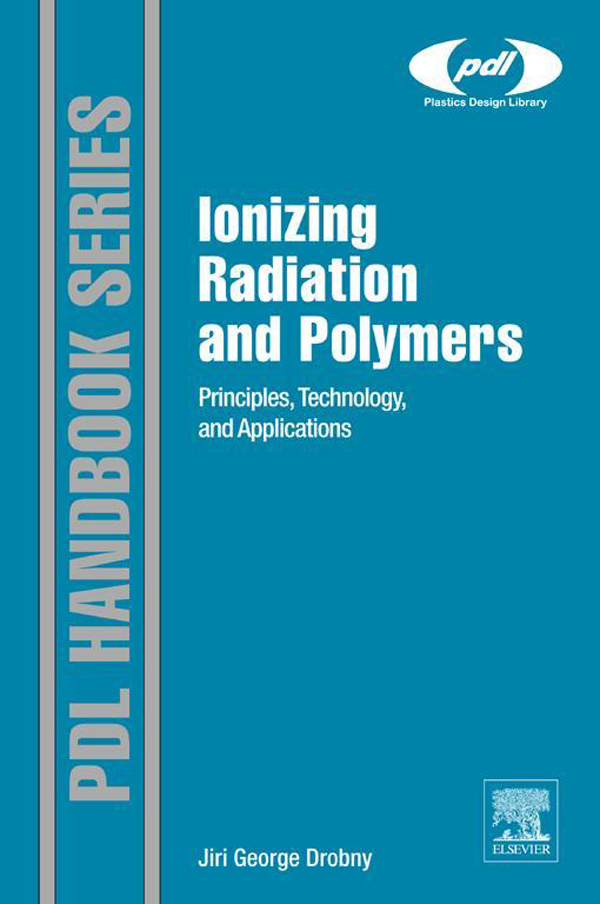
Ionizing Radiation and Polymers Radiation processing is widely employed in plastics engineering to enhance the physical properties of polymers, such as chemical resistance, surface properties, mechanical and thermal properties, particle size reduction, melt properties, material compatibility, fire retardation, etc. Drobny introduces readers to the science of ionizing radiation and its effects on polymers, and explores the technologies available and their current and emerging applications. The resulting book is a valuable guide for a wide range of plastics engineers employing ionizing radiation for polymer treatment in a range of sectors including packaging, aerospace, defense, medical devices and energy applications. Radiation resistant polymers are also explored. Unlock the potential of ionizing radiation in applications such as electron-beam curing and laser joining Gain an understanding of the selection and safe use of radiation treatment equipment The only detailed guide to ionizing radiation written for the plastics engineering community TECHNOLOGY & ENGINEERING,Textiles & Polymers

Handbook of Phase Transfer Catalysis Phase transfer catalysis is a sophisticated chemical technique which can be used to perform a variety of chemical reactions under mild conditions and with improved control. Since the concept was developed, both the theoretical and practical synthetic applications have seen considerable development, to the point where the technique can be applied to many areas of chemistry. Thus, phase transfer methods are now utilized in many applications, from research chemistry to full-scale production, where the benefits of faster, cleaner and more selective reactions are required. In this new book, the editors have brought together a range of contributors, each of whom is working at the forefront of the technology, to provide a clear, concise and ahtoritative review of this important area of chemistry. Industrial and academic chemists working on the synthesis, scale-up, production or analysis of a wide range of chemical products will find this book an essential reference on phase transfer technology. TECHNOLOGY & ENGINEERING,Textiles & Polymers
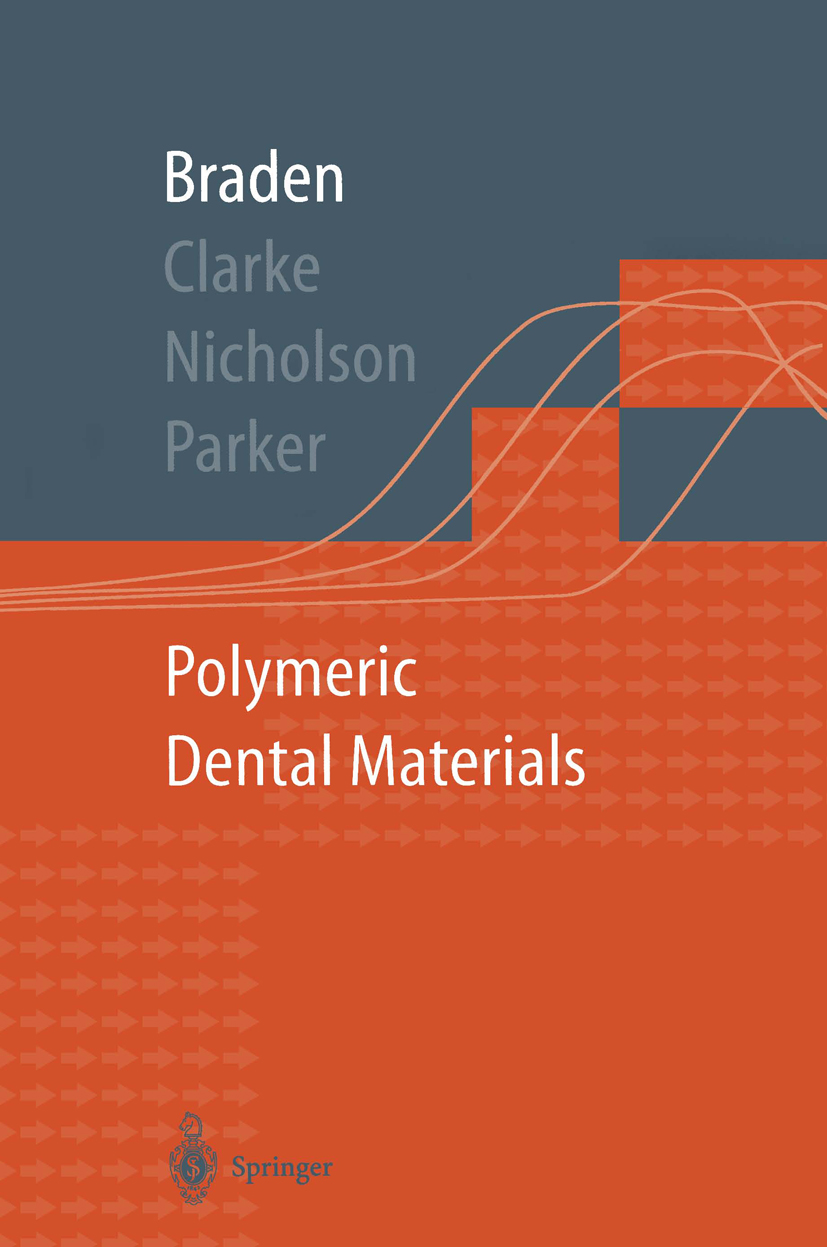
Polymeric Dental Materials Braden and his coauthors give a comprehensive overview of the use of polymers and polymer composites as dental materials. These comprise polyelectrolyte based materials, elastomers, glassy and crystalline polymers and fibres. Such materials are used in dentistry as restorative materials, hard and soft prostheses, and impression materials. The chemistry of materials is reviewed, together with mechanical, thermal, visco-elastic and water solution properties. These properties are related to clinical performance, with emphasis on some of the difficulties inherent in developing materials for oral use. Indications are given of possible future developments. TECHNOLOGY & ENGINEERING,Textiles & Polymers
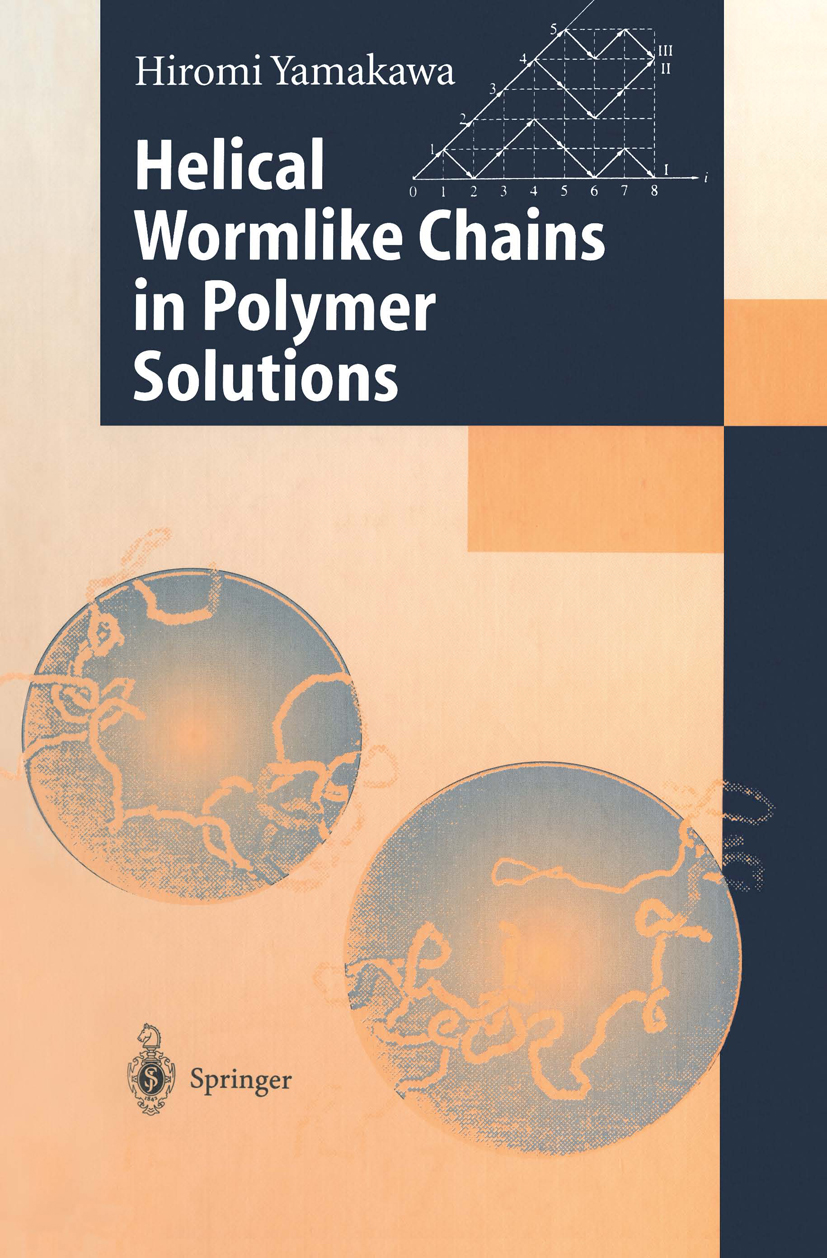
Helical Wormlike Chains in Polymer Solutions A new and general model, called the "helical wormlike chain", for both flexible and semi-flexible polymer chains is presented. Statistical-mechanical, hydrodynamic, and dynamic theories of their solution properties are developed on the basis of this model. There are also given analysis of recent experimental data by the use of these theories for flexible polymers over a wide range of molecular weight, including the oligomer region, and for semi-flexible polymers, including biological macromolecules such as DNA. The book includes a reasonable number of theoretical equations, tables, figures, and computer-aided forms, enough to provide understanding of the basic theory and to facilitate its application to experimental data for the polymer molecular characterization. TECHNOLOGY & ENGINEERING,Textiles & Polymers

Ionomers Polymers have achieved an enviable position as the class of materials having the highest volume of production, exceeding that of both metals and ceramics. The meteoric rise in the production and utilization of polymers has been due to advances in polymer synthesis which allow the creation of specific and well-defined molecular structures, to new knowledge concerning the relationships between polymer structure and properties, and to an improved understanding of how processing can be used as a tool to develop morphological features which result in desired properties. Polymers have truly become 'engineered materials' in every sense of the term. Polymer scientists and engineers are forever seeking to modify and improve the properties of synthetic polymeric systems for use in specific applications. Towards this end they have often looked to nature for advice on how to design molecules for specific needs. An excellent illustration of this is the use of noncovalent bonding (ionic, hydrogen, and van der Waals) in lipids, proteins, and nucleic acids, where these noncovalent bonds, acting both intra and intermolecularly, precisely control the structure and thus the function of the entire system. The utilization of ionic bonding, in particular in man-made polymers has attracted widespread interest in recent years, since ionic interactions exert a similar strong influence on the structure and properties of these synthetic systems. TECHNOLOGY & ENGINEERING,Textiles & Polymers
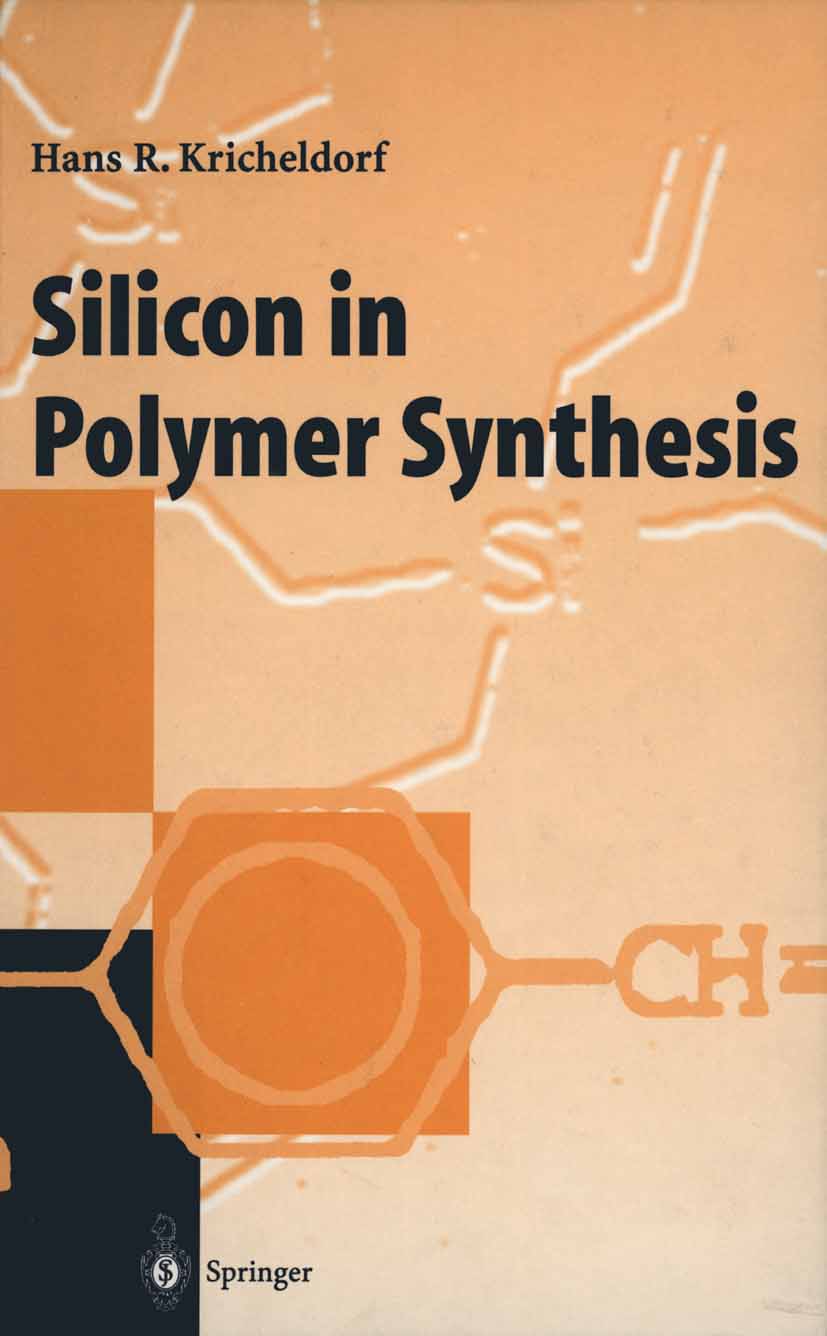
Silicon in Polymer Synthesis Silicon in Polymer Synthesis gives the first concise overview of silicon used for the synthesis and modification of polymers. The first section gives an introduction to the topic. The subsequent chapters detail the current status both from the basic research as well as from the industrial application points of view. TECHNOLOGY & ENGINEERING,Textiles & Polymers
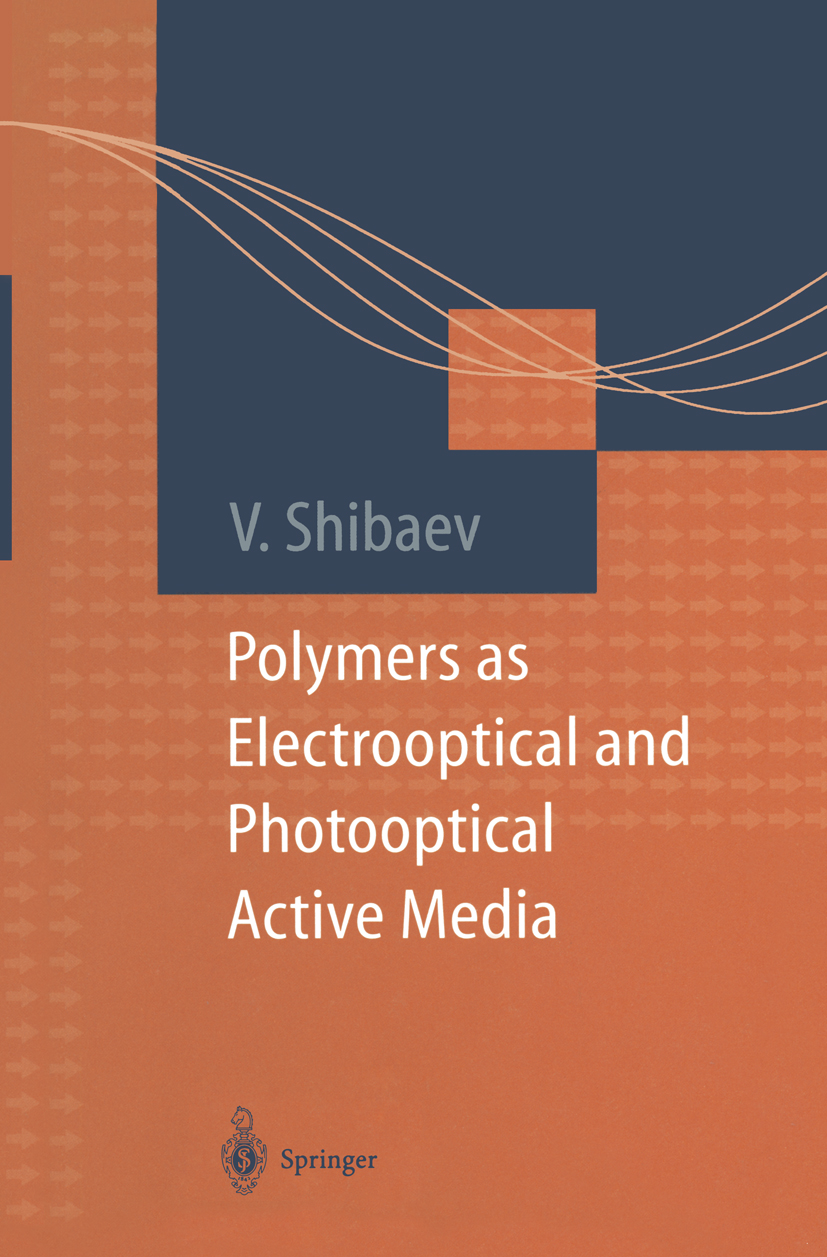
Polymers as Electrooptical and Photooptical Active Media Polymeric materials have special advantages over other materials used for the recording, storage and retrieval of information, telecommunication transmission and visualization of images. The authors describe the synthesis, the physico-chemical behavior and the applications of these highly sensitive macromolecular systems. They discuss the most essential developments in this field.For scientists and professionals working in the field of electrooptical and photooptical polymeric materials. TECHNOLOGY & ENGINEERING,Textiles & Polymers
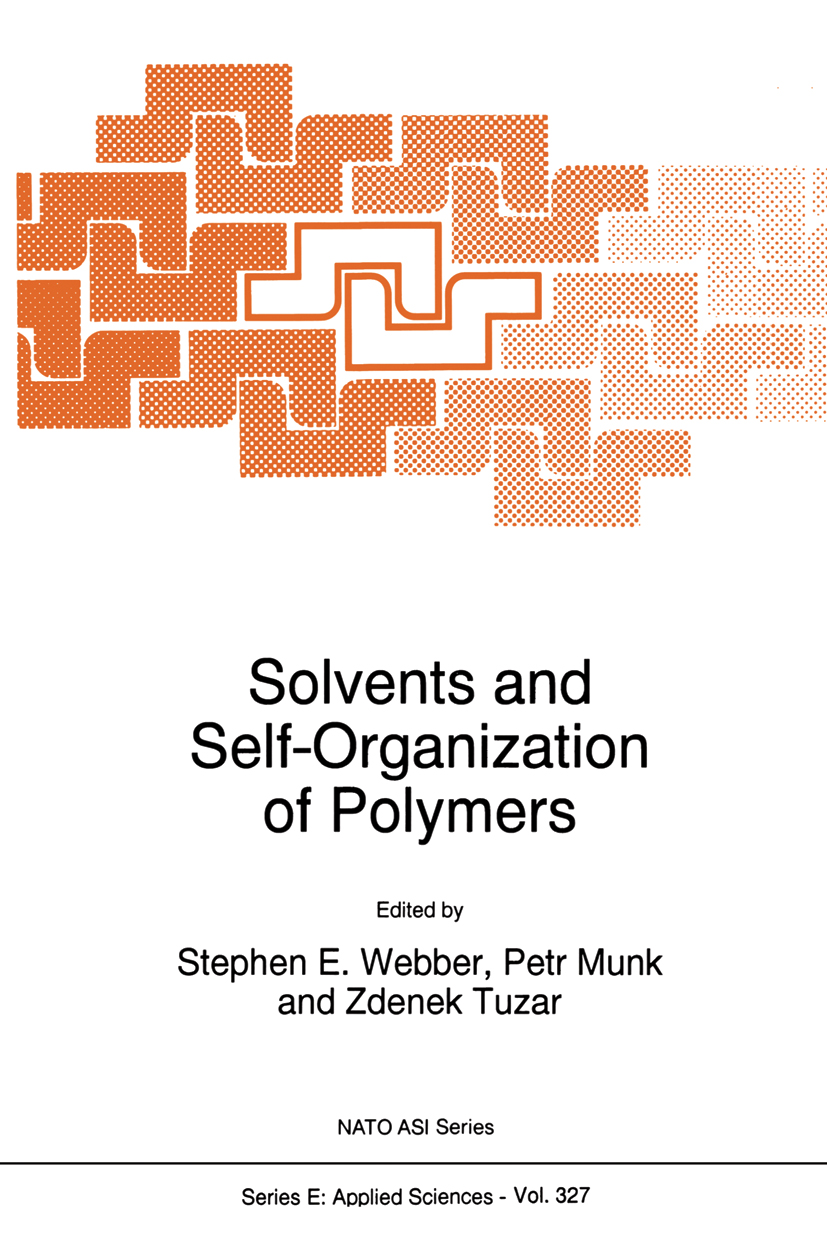
Solvents and Self-Organization of Polymers Proceedings of the NATO Advanced Study Institute, Belek, Antalya, Turkey, July 31-August 11, 1995 TECHNOLOGY & ENGINEERING,Textiles & Polymers
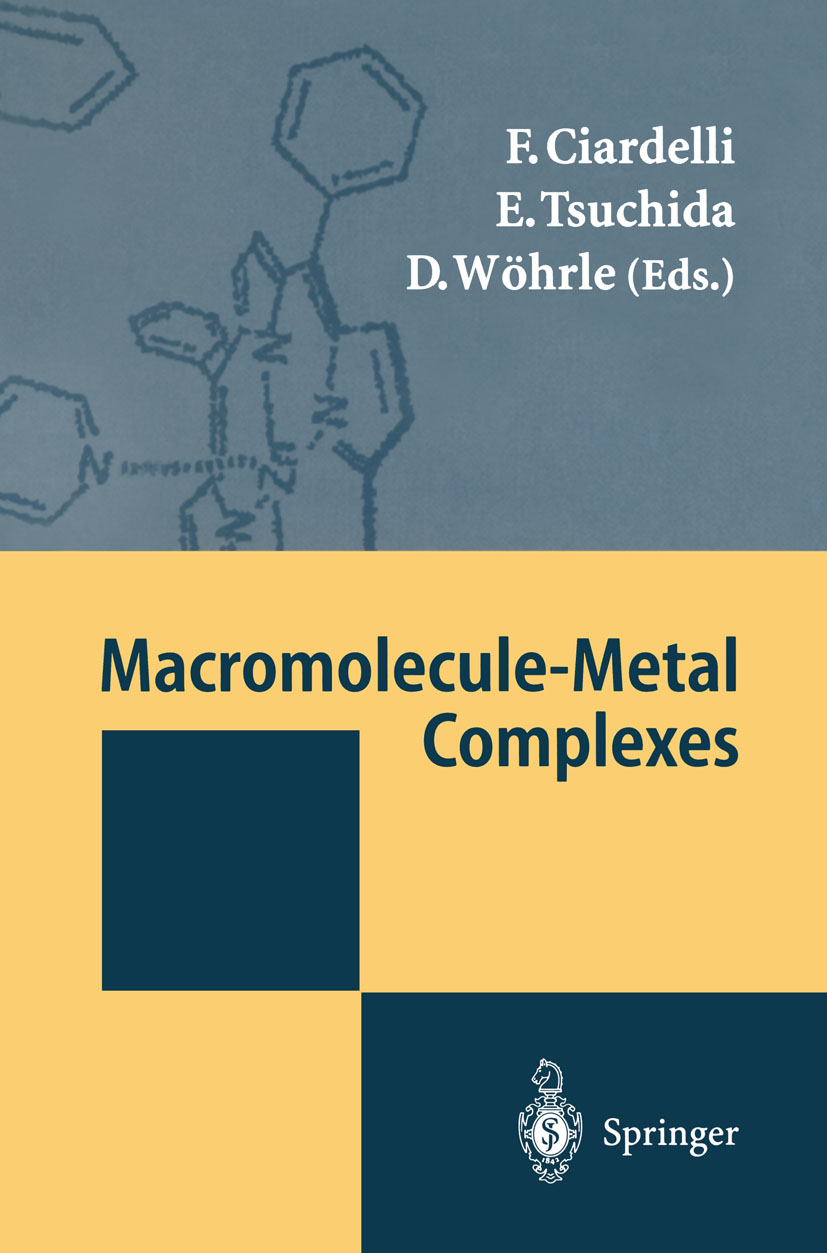
Macromolecule-Metal Complexes Macromolecule-Metal Complexes gives the first concise overview on the topic, both on fundamentals and new application areas. Their synthesis, kinetics and thermodynamics are detailed; special properties such as gas transport, charge transport, catalysis and lightinduced processes are emphasized. Furthermore, the authors treat the actual working areas for new application methods.Thus, the book will be a very helpful tool for Polymer Scientists, Materials Scientists, Organic Chemists, and Physical Chemists working in these fields. TECHNOLOGY & ENGINEERING,Textiles & Polymers
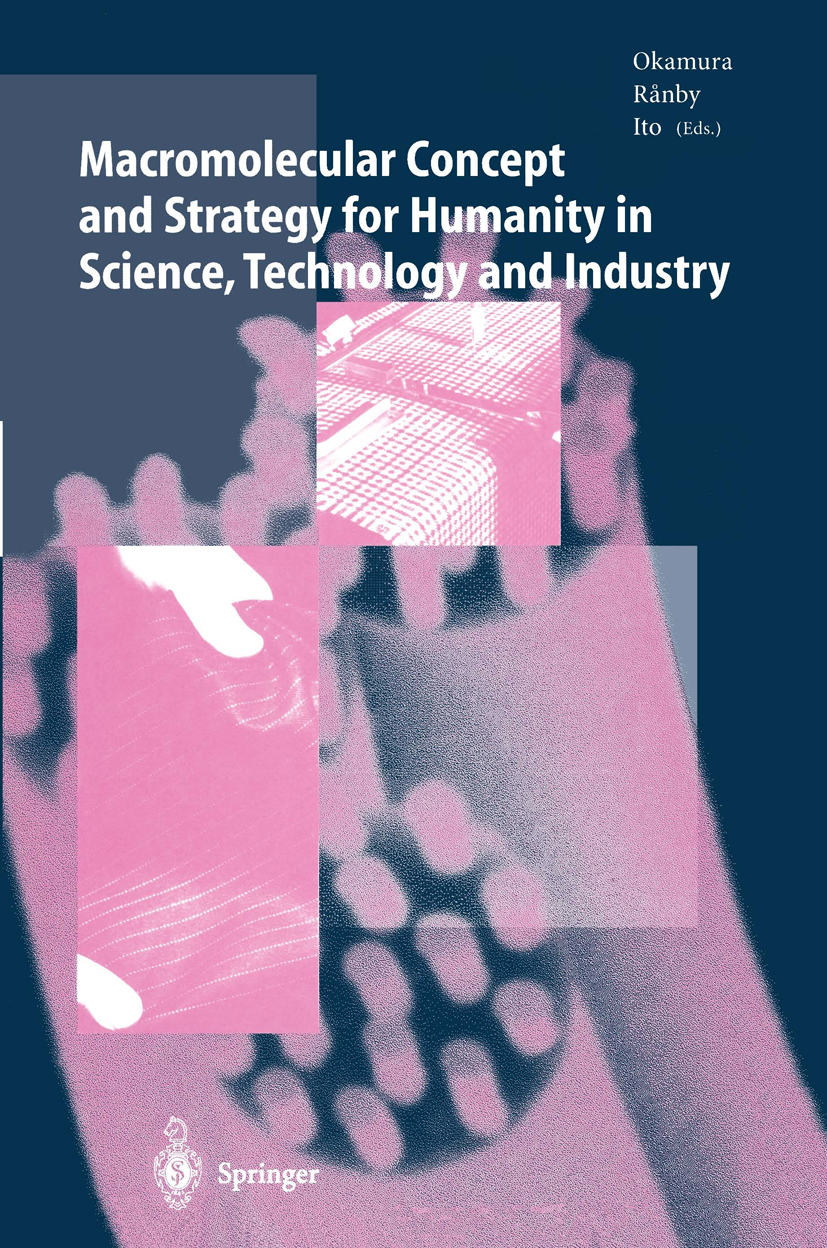
Macromolecular Concept and Strategy for Humanity in Science, Technology and Industry New macromolecular concepts and strategies are demonstrated in this unique book. It deals with the harmonization of humanity in science, technology and industry. Particular attention is given to the relationship between the sensitivity of the human mind and the functionality of polymers such as "Shingosen". Moreover, biocompatibility of functional polymers for medical applications and fabrics is discussed as one of the prime examples of human creativity. Lessons of conventional wisdom of traditional Japanese shrine carpenters, which originated 1300 years ago in Horyuji Temple in Nara Japan, can be applied to modern business management by entrepreneurs and in high-tech industries. TECHNOLOGY & ENGINEERING,Textiles & Polymers
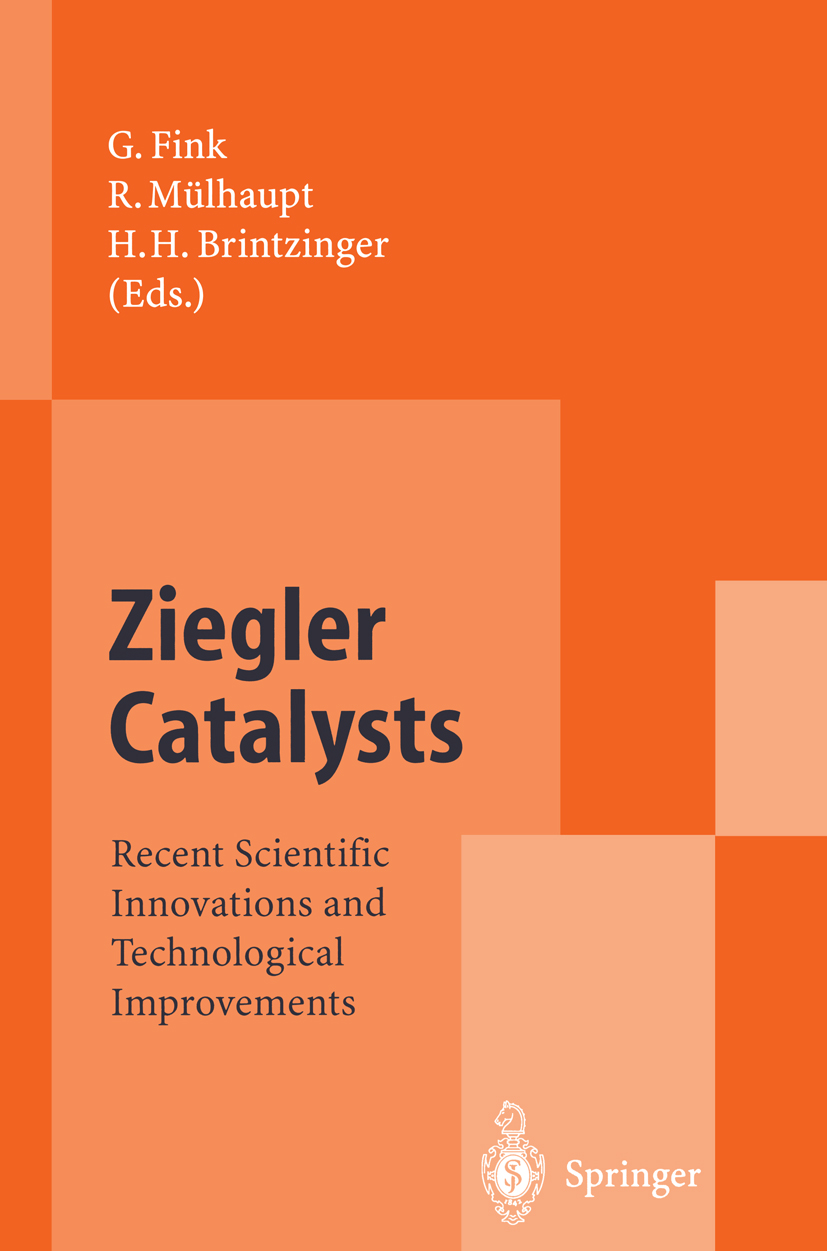
Ziegler Catalysts Forty years after Ziegler's discovery of the "Aufbaureaktion" and low-pressure ethene polymerization, transition metal catalyzed olefin and diolefin polymerization continues to represent one of the most active and exciting areas. Since the 1980s, outstanding scientific innovations and process improvements have revolutionized polyolefin technology and greatly simplified polymerization processes. Well-defined catalyst systems are now at hand and facilitate the understanding of basic reaction mechanisms and correlations between catalyst structures, polymer microstructures, and polymer properties. This book reviews some of the modern approaches in organometallic chemistry, Ziegler-Natta catalysis, polymerization processes, design of novel materials, and the modelling in catalyst and process development. TECHNOLOGY & ENGINEERING,Textiles & Polymers

New Methods of Polymer Synthesis Few polymer chemists have much familiarity with recent developments in the synthesis of speciality polymers. This volume provides up-to-date reviews of areas of current interest and is directed at polymer chemists in the academic world and industry. TECHNOLOGY & ENGINEERING,Textiles & Polymers
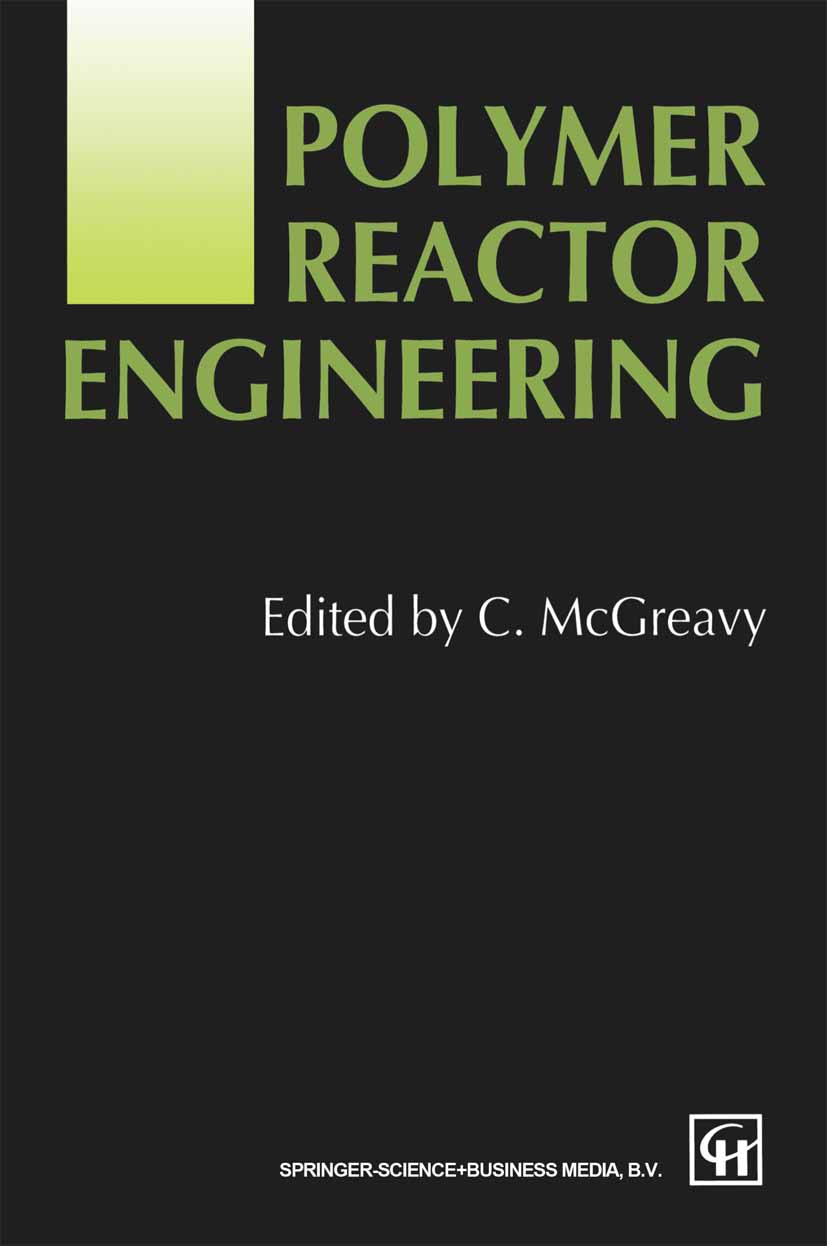
Polymer Reactor Engineering Approximately half of the world production of the petrochemical industry (more than 100 million tonnes) is in the form of polymers, yet it would probably surprise most people to learn how much their lifestyle depends on polymers ranging, as they do, from detergents, kitchenware and electrical appliances to furnishings and a myriad other domestic goods. Still less are they likely to be aware of the extensive part they play in engineering applications for mechanical machine components and advanced high performance aircraft. This versatility derives from the fact that polymeric materials are made up of a range of molecules of varying length, whose properties are related to molecular structure and the proportions of the chains in the mixture. For example, polypropylene is a commodity polymer which is produced in hun dreds of different grades to meet specific market requirements. This depends on the catalyst as well as the operating conditions and reactor design. A major area for growth is in substituting polymers for conventional materials such as ceramics and metals. Not only can they match these materials in terms of mechanical strength and robustness but they have very good resistance to chemical attack. Polyamides, for example, are widely used for car bumpers and new polymers are being developed for engine manifolds and covers. In 1993 there is, typically, 100 kg of various polymers used in cars and this is continually increasing, giving a net weight reduction and hence better fuel economy. TECHNOLOGY & ENGINEERING,Textiles & Polymers
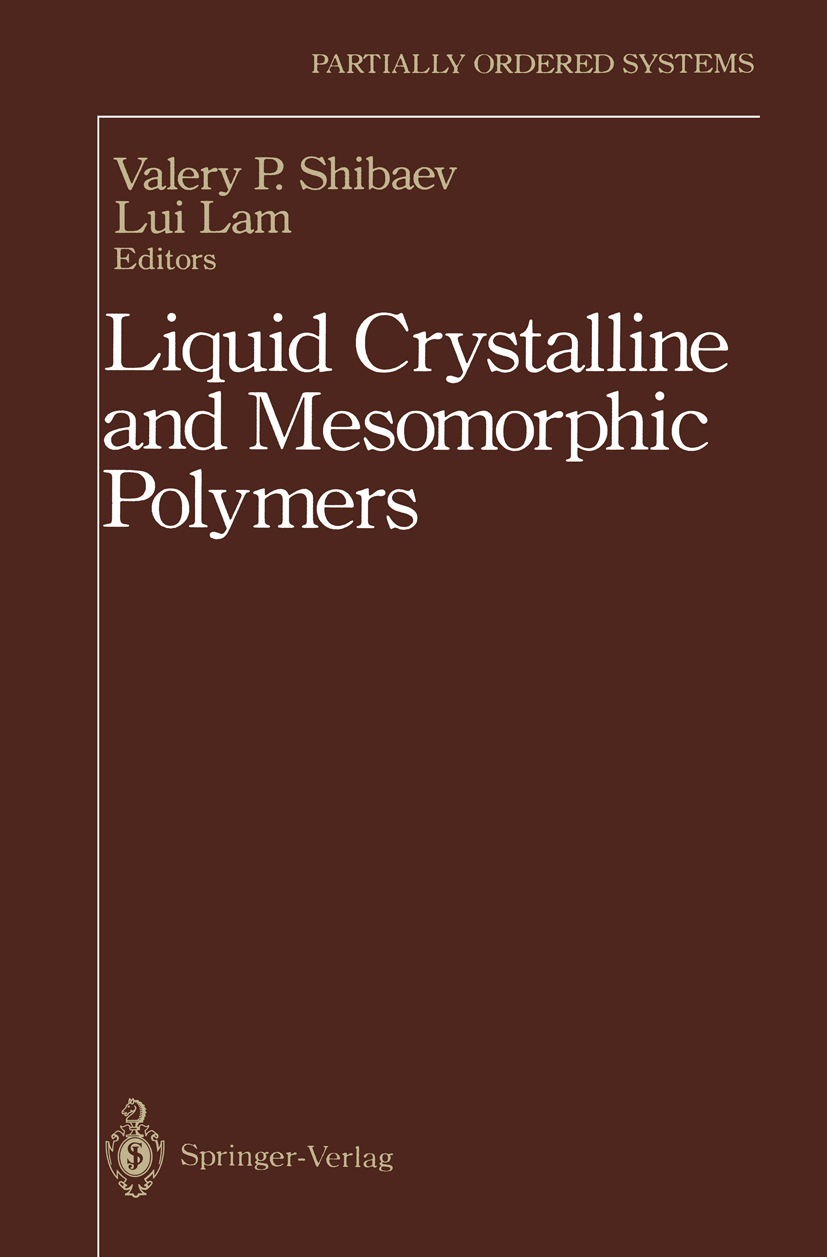
Liquid Crystalline and Mesomorphic Polymers Among the various new directions in modern polymer science, the design and investigation of liquid crystal (LC) polymers have been the ones growing most actively and fruitfully. In spite of that, the possible formation of an anisotropic LC phase was only demonstrated theoretically for the first time in the 1950s by Onsager [1] and Flory [2], and then experimentally verified in the studies with polypeptides solutions. In essence, the studies of these LC lyotropic systems did not deviate from the theme of purely academic interest. It was at the beginning of the 1970s that the experimental "explosion" occurred, when aromatic polyamides were synthesized and their ability to form LC solutions in certain very aggressive solvents was discovered. The search for practical applications of such LC systems was crowned with the successful creation of the new generation of ultrastrong high-modulus ther mostable fibers, such as the Kevlar, due to the high degree of order of the macromolecules in the anisotropic LC state. In fact, these investigations coincided with the swift emergence on the practical "scene" of thermotropic low-molar-mass liquid crystals, with the use of these materials in microelectronics and electro optics (figures and let ters indicators, displays in personal computers, and flat TV, etc.). Polymer scientists also began to develop methods of synthesizing thermotropic LC polymers by incorporating mesogenic fragments in the main (main-chain LC polymers) or side branchings of the macromolecules (side-chain or comb shaped polymers). TECHNOLOGY & ENGINEERING,Textiles & Polymers
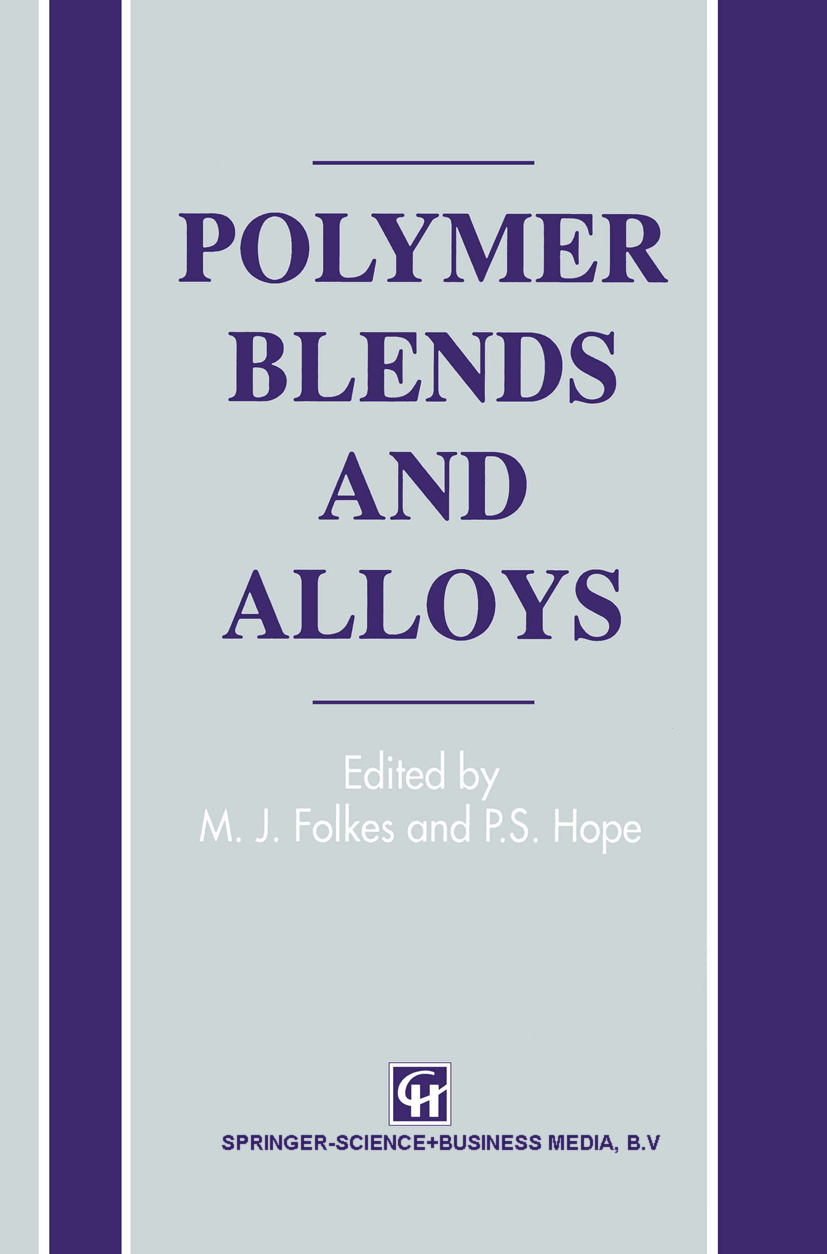
Polymer Blends and Alloys P. S. HOPE and M. J. FOLKES Mixing two or more polymers together to produce blends or alloys is a well-established strategy for achieving a specified portfolio of physical proper ties, without the need to synthesise specialised polymer systems. The subject is vast and has been the focus of much work, both theoretical and experimental. Much ofthe earlier work in this field was necessarily empirical and many ofthe blends produced were of academic rather than commercial interest. The manner in which two (or more) polymers are compounded together is of vital importance in controlling the properties of blends. Moreover, particular ly through detailed rheological studies, it is becoming apparent that process ing can provide a wide range of blend microstructures. In an extreme, this is exemplified by the in situ formation of fibres resulting from the imposition of predetermined flow fields on blends, when in the solution or melt state. The microstructures produced in this case transform the blend into a true fibre composite; this parallels earlier work on the deformation of metal alloys. This type of processing-structure-property correlation opens up many new possi bilities for innovative applications; for example, the production of stiff fibre composites and blends having anisotropic transport properties, such as novel membranes. This book serves a dual purpose. TECHNOLOGY & ENGINEERING,Textiles & Polymers
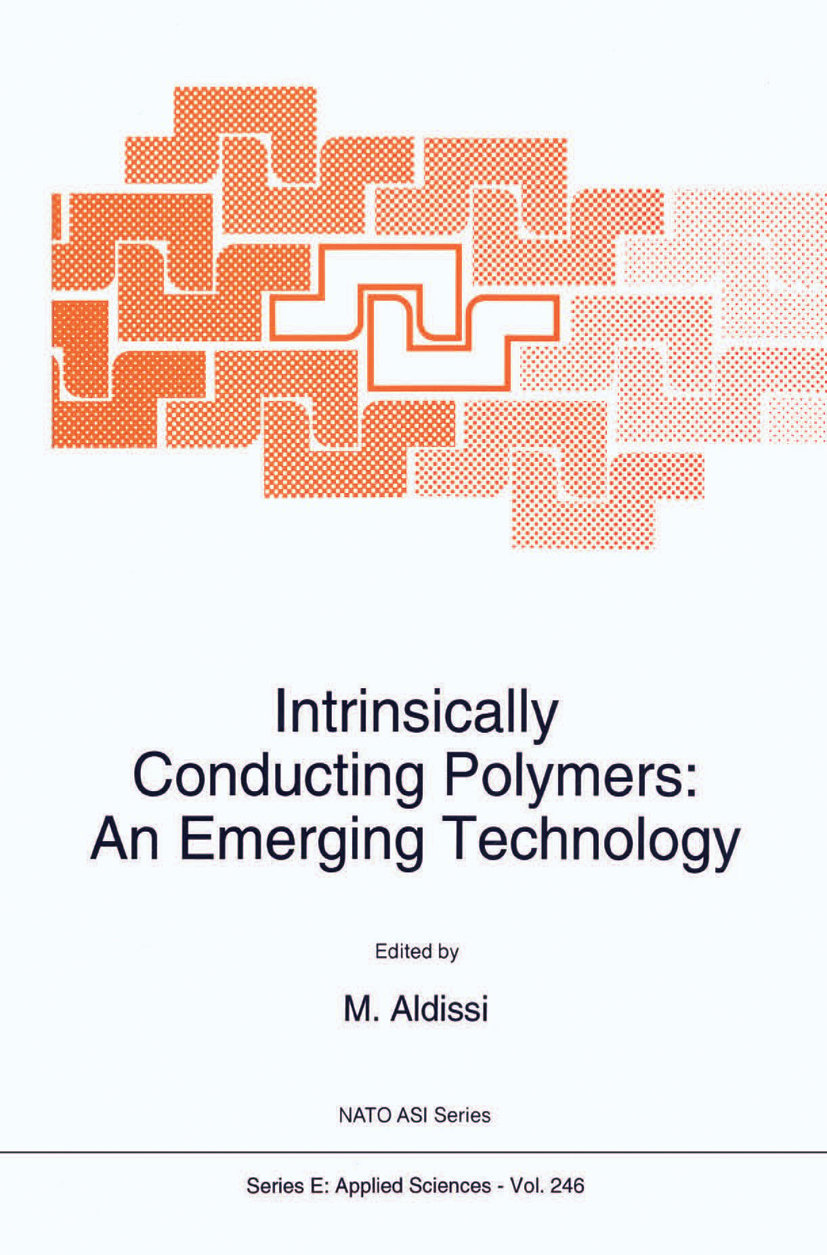
Intrinsically Conducting Polymers Proceedings of the NATO Advanced Research Workshop on Applications of Intrinsically Conducting Polymers, Burlington, Vermont, U.S.A., October 12-15, 1992 TECHNOLOGY & ENGINEERING,Textiles & Polymers
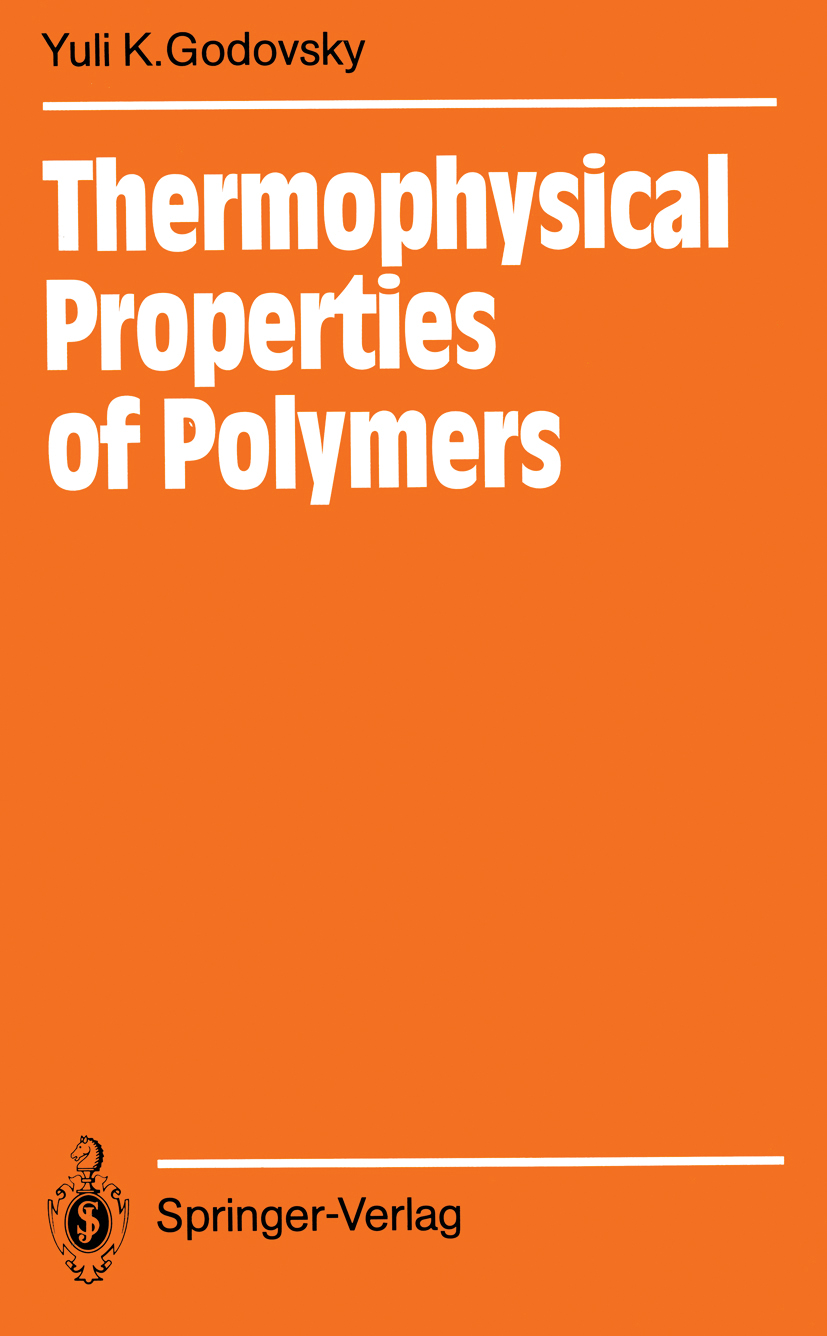
Thermophysical Properties of Polymers Among various branches of polymer physics an important position is occupied by that vast area, which deals with the thermal behav ior and thermal properties of polymers and which is normally called the thermal physics of polymers. Historically it began when the un usual thermo-mechanical behavior of natural rubber under stretch ing, which had been discovered by Gough at the very beginning of the last century, was studied 50 years later experimentally by Joule and theoretically by Lord Kelvin. This made it possible even at that time to distinguish polymers from other subjects of physical investigations. These investigation laid down the basic principles of solving the key problem of polymer physics - rubberlike elasticity - which was solved in the middle of our century by means of the statistical thermodynamics applied to chain molecules. At approx imately the same time it was demonstrated, by using the methods of solid state physics, that the low temperature dependence of heat capacity and thermal expansivity of linear polymers should fol low dependencies different from that characteristic of nonpolymeric solids. Finally, new ideas about the structure and morphology of polymers arised at the end of the 1950s stimulated the development of new thermal methods (differential scanning calorimetry, defor mation calorimetry), which have become very powerful instruments for studying the nature of various states of polymers and the struc tural heterogeneity. TECHNOLOGY & ENGINEERING,Textiles & Polymers
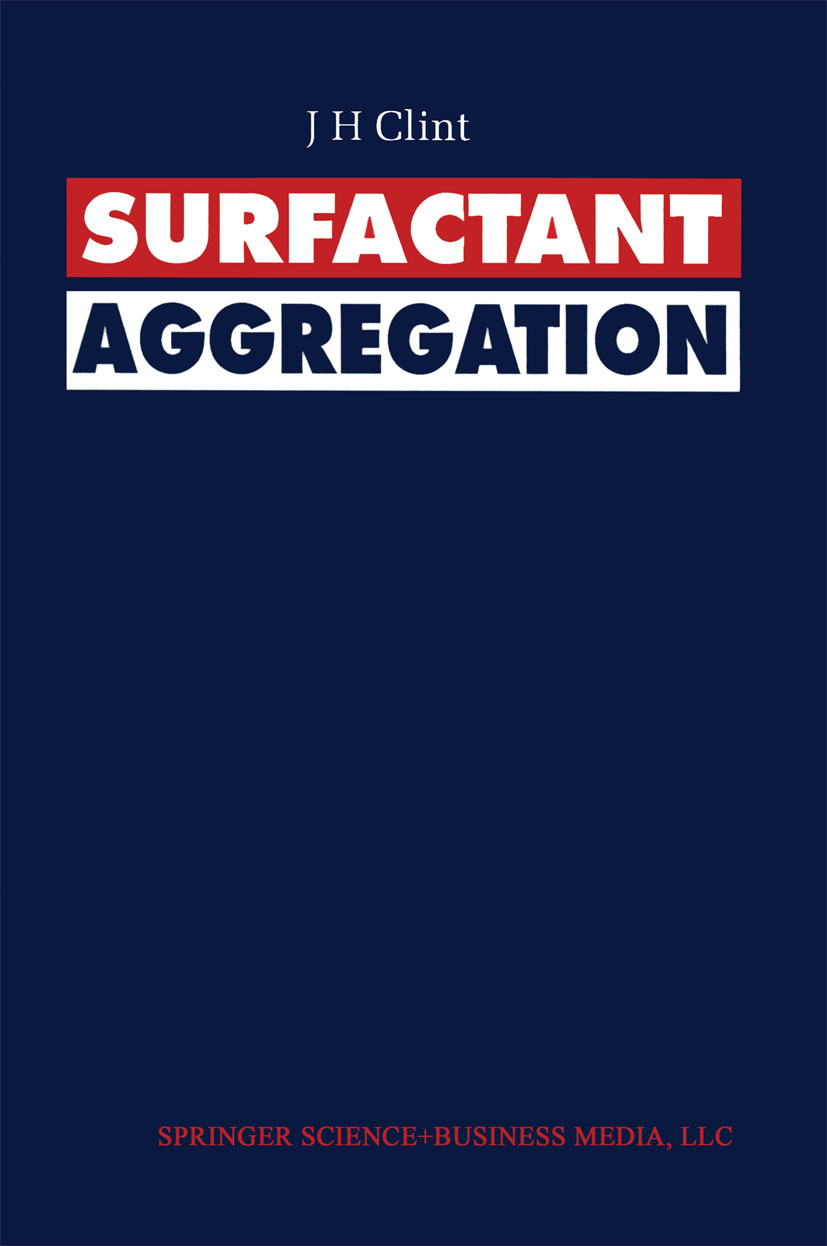
Surfactant Aggregation Surface Active Agents (surfactants) are vital components in biological systems, form key ingredients in consumer products and play an important role in many industrial processes. For example, cell membranes owe their structure to the aggregation of surfactants known as lipids which form a major component of the membrane. Other natural surfactants occur in the digestive system, in the lungs, and even in such substances as crude oil. Man-made surfactants are used in a wide range of domestic and industrial products and processes. In addition to detergents and personal care products, surfactants have found uses in almost every branch of the chemical industry as well as in several other industries. These include dyestuffs, fibres, mineral process ing, oil field chemicals, paints, pesticides, pharmaceuticals and plastics. Surfactants are versatile materials which are manufactured in a huge variety of forms to suit all of these applications. As a result of their importance, the technical literature on all aspects of surfactant behaviour is now very extensive. Surprisingly, however, the treatment in textbooks has been somewhat fragmented, often in the form of conference proceedings or edited, multi-authored works, both lacking in continuity. TECHNOLOGY & ENGINEERING,Textiles & Polymers

Drying of Polymeric and Solid Materials Drying of Polymeric and Solid Materials shows for the first time how the process of drying can be enhanced by combining mathematical and numerical models with experiments. The main advantages of this method are a significant saving of time and money. Numerical modelling can predict the kinetics of drying and the profiles of liquid concentration through the solid. This helps in the selection of optimal operational conditions. The simulation of the process is also crucial in the assessment of diffusity and the rate of evaporation. TECHNOLOGY & ENGINEERING,Textiles & Polymers

Paper Chemistry Although the title of this book is Paper Chemistry, it should be considered as a text about the chemistry of the formation of paper from aqueous suspensions of fibre and other additives, rather than as a book about the chemistry of the raw material itself. It is the subject of what papermakers call wet-end chemistry. There are many other excellent texts on the chemistry of cellulose and, apart from one chapter on the accessibility of cellulose, the subject is not addressed here. Neither does the book deal with the chemistry of pulp preparation (from wood, from other plant sources or from recycled fibres), for there are also many excellent texts on this subject. The formation of paper is a continuous filtration process in which cellulosic fibres are formed into a network which is then pressed and dried. The important chemistry involved in this process is firstly the retention of colloidal material during filtration and secondly the modification of fibre and sheet properties so as to widen the scope for the use of paper and board products. As is the fashion these days, each chapter is written by an internationally recognised expert in the field, and my thanks are extended to all of the contributors. for their hours of patient and unseen research during the preparation of their manuscripts. TECHNOLOGY & ENGINEERING,Textiles & Polymers
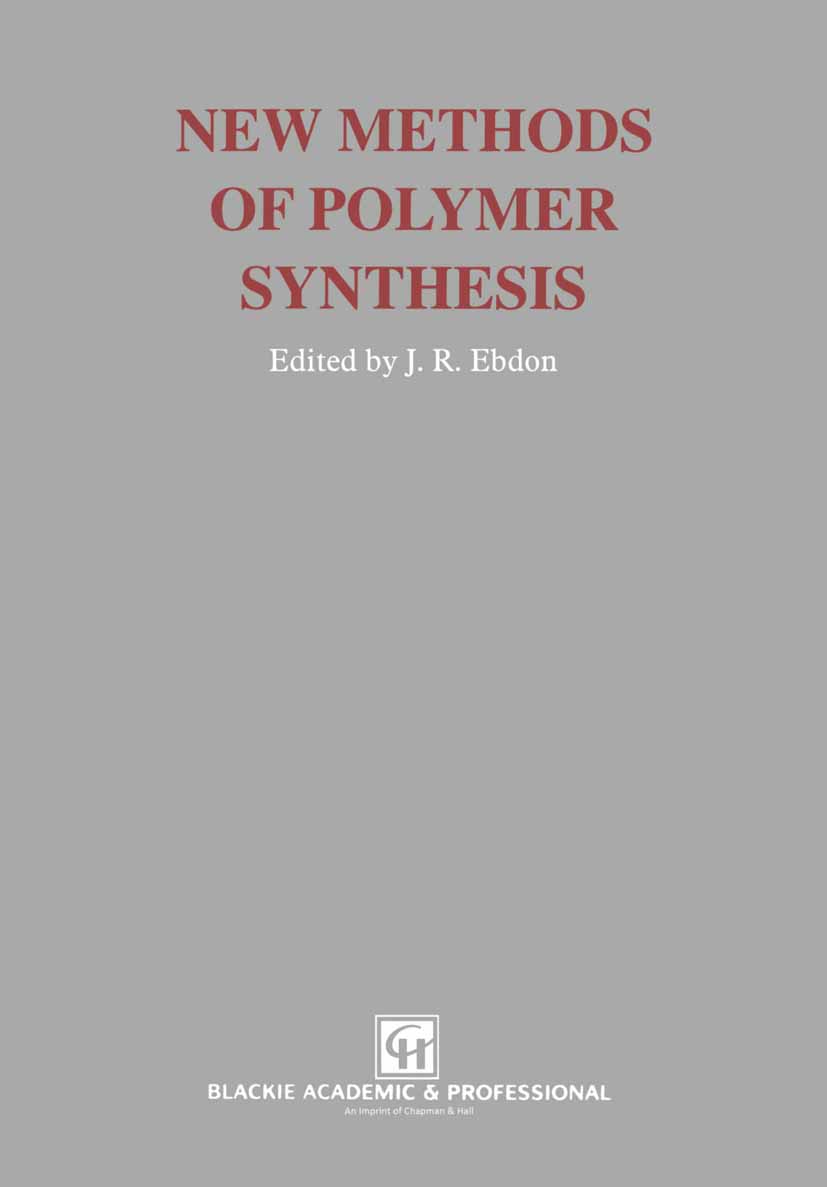
New Methods of Polymer Synthesis Most practitioners and students of polymer chemistry are familiar, in general terms at least, with the established methods of polymer synthesis - radical, anionic, cationic and coordination addition polymerization, and stepwise con densation and rearrangement polymerization. These methods are used to synthesize the majority of polymers used in the manufacture of commercially important plastics, fibres, resins and rubbers, and are covered in most introduc tory polymer chemistry textbooks and in most undergraduate and graduate courses on polymer science. Fewer polymer chemists, however, have much familiarity with more recent developments in methods of polymer synthesis, unless they have been specifically involved for some time in the synthesis of speciality polymers. These developments include not only refinements to established methods but also new mechanisms of polymerization, such as group transfer and metathesis polymerization and novel non-polymerization routes to speciality polymers involving, for example, the chemical modification of preformed polymers or the linking together of short terminally functionalized blocks. TECHNOLOGY & ENGINEERING,Textiles & Polymers

Theoretical Aspects of Heterogeneous Catalysis Catalysis involves just about every field of scientific study. This means that a multidisciplinary approach is needed in catalytic studies. Catalysis involves breaking and forming new bonds and this requires an under standing of either adsorption by bonding to an extended structures or bonding in a coordination sphere. Any understanding of catalytic action must necessarily involve an understanding of this bonding. Even 200 years ago scientists were aware that a properly treated mate rial, such as charcoal, could adsorb an enormous quantity of gas. In 1812, de Sassasure (English translation, Annal Philosphy, 6, 241 (1815» pro posed that the ability of a material to increase the rate of chemical reac tion was due to adsorption of the material in the fine structure of the solid so that the concentrations of the reactants were significantly increased, and this increase in concentration led to an increase in reaction rate. During the 1800s, little advance was made in the understanding of adsorp tion. TECHNOLOGY & ENGINEERING,Textiles & Polymers

Crosslinking and Scission in Polymers Proceedings of the NATO Advanced Study Institute on Advanced Methods of Determination of Crosslinking and Scission in Polymers and Their Effects on Mechanical Properties, Kemer-Antalya, Turkey, September 4-16, 1988 TECHNOLOGY & ENGINEERING,Textiles & Polymers
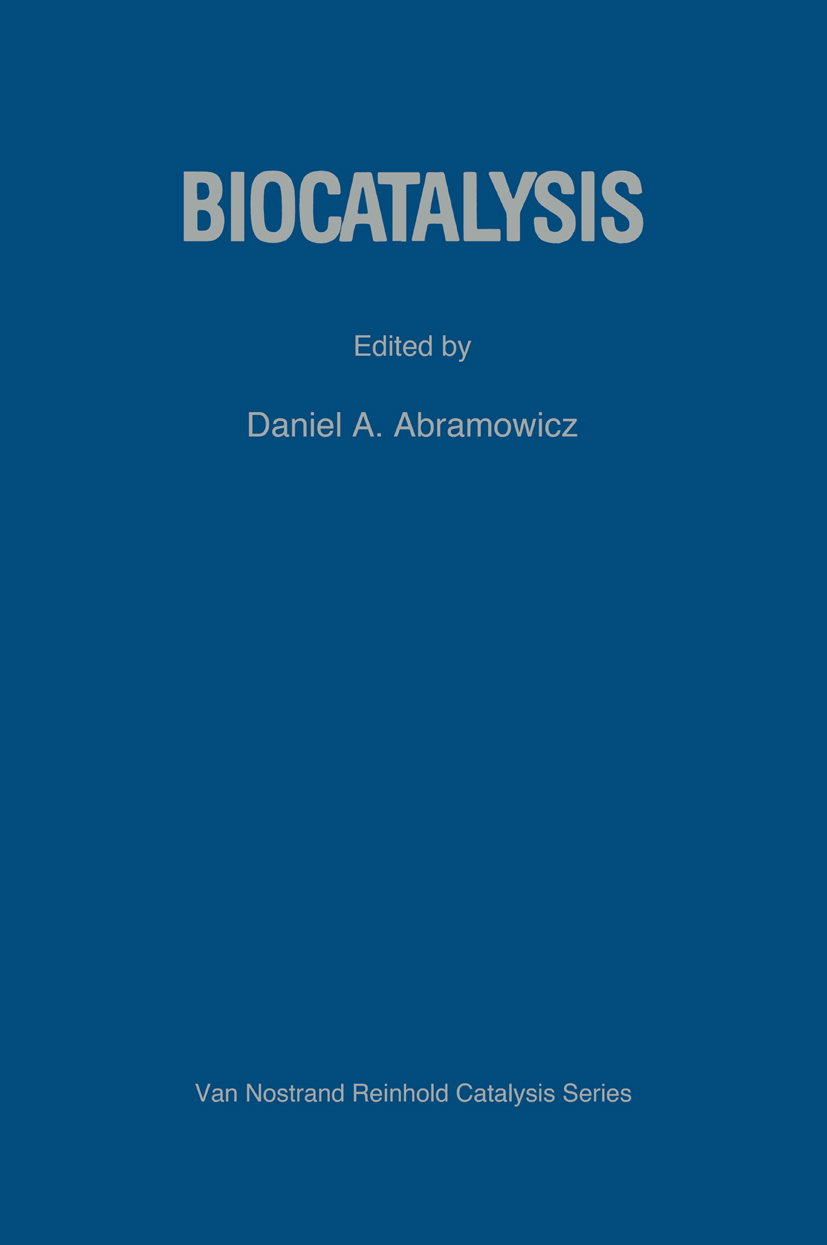
Biocatalysis The action of enzymes fascinated mankind long before they were rec ognized for the complex chemicals that they are. The first application of these remarkable compounds to produce ethanol by fermentation is lost to antiquity. Payer and Persoz (Ann. Chim. Phys. , 53, 73 (1833ii)) appear to have provided the first step toward understanding this com plex area when they reported the isolation of diastase in 1833. These workers showed that diastase could catalyze the hydrolysis of starches to sugars. Somewhat earlier Kirchhoff (Schwigger's Journal, 4, 108 (1812)) had shown that a small amount of dilute acid could hydrolyze a seemingly endless amount of starch to sugars. The genius of Berzelius recognized the commonality of these two observations in connection with a few other isolated observations and in 1834 coined the term catalysis to describe such actions. Professor Leibig was one of the giants of the chemical world in 1840. In addition to his own work, Liebig was training the world's next generation of chemists in his laboratory in Giessen. This cadre of chemists were very impressed by the master teacher so that is it only natural that Liebig's views should dominate with this next generation of chemists. Leibig was, in the 1830s and 1840s, developing his mastery of agricultural chemistry. The mechanism of putrefication was of great concern to Leibig, and he turned to the newly defined area of catalysis for an explanation. TECHNOLOGY & ENGINEERING,Textiles & Polymers
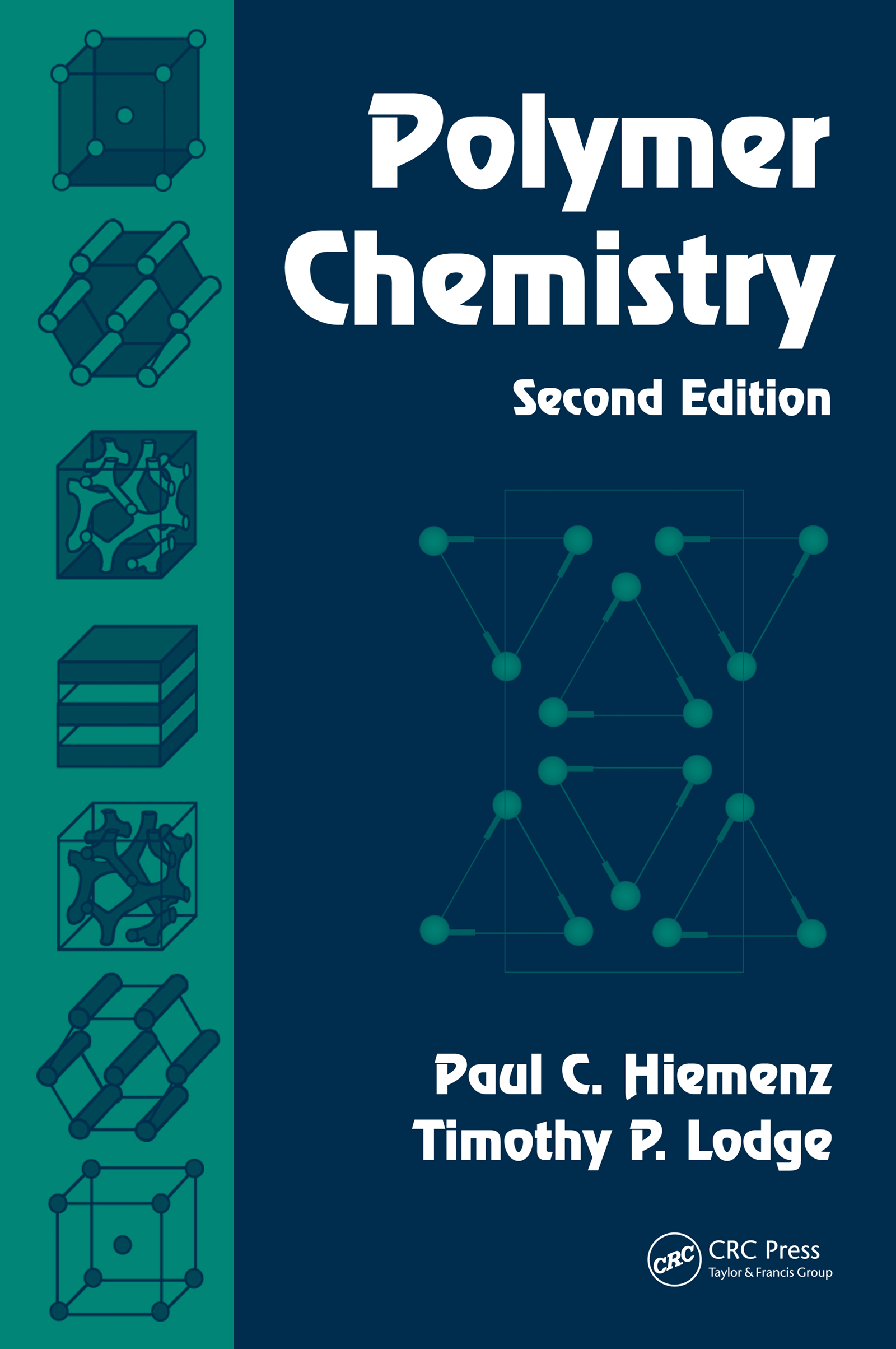
Polymer Chemistry “Highly recommended!†– CHOICE New Edition Offers Improved Framework for Understanding Polymers Written by well-established professors in the field, Polymer Chemistry, Second Edition provides a well-rounded and articulate examination of polymer properties at the molecular level. It focuses on fundamental principles based on underlying chemical structures, polymer synthesis, characterization, and properties. Consistent with the previous edition, the authors emphasize the logical progression of concepts, rather than presenting just a catalog of facts. The book covers topics that appear prominently in current polymer science journals. It also provides mathematical tools as needed, and fully derived problems for advanced calculations. This new edition integrates new theories and experiments made possible by advances in instrumentation. It adds new chapters on controlled polymerization and chain conformations while expanding and updating material on topics such as catalysis and synthesis, viscoelasticity, rubber elasticity, glass transition, crystallization, solution properties, thermodynamics, and light scattering. Polymer Chemistry, Second Edition offers a logical presentation of topics that can be scaled to meet the needs of introductory as well as more advanced courses in chemistry, materials science, and chemical engineering. TECHNOLOGY & ENGINEERING,Textiles & Polymers
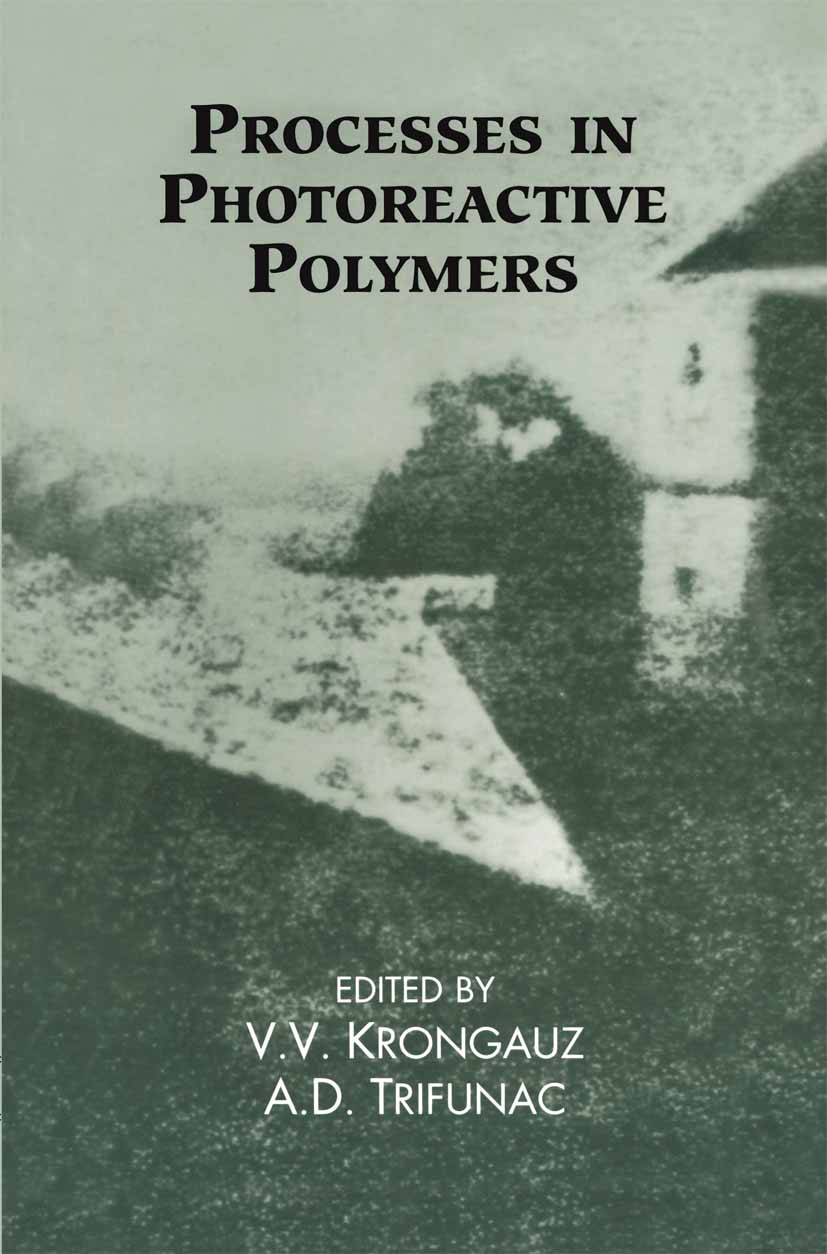
Processes in Photoreactive Polymers The development of photosensitive materials in general and photoreactive polymers in particular is responsible for major advances in the information, imaging, and electronic industries. Computer parts manufacturing, information storage, and book and magazine publishing all depend on photoreactive polymer systems. The photo-and radiation-induced processes in polymers are also active areas of research. New information on the preparation and properties of com mercially available photosensitive systems is constantly being acquired. The recent demand for environmentally safe solvent-free and water-soluble materials also motivated changes in the composition of photopolymers and photoresists. The interest in holographic recording media for head-up displays, light scanners, and data recording stimulated development of reconfigurable and visible light sensitive materials. Photoconductive polymerizable coatings are being tested in electrostatic proofing and color printing. The list of available initiators, poly meric binders, and other coating ingredients is continually evolving to respond to the requirements of low component loss (low diffusivity) and the high rate of photochemical reactions. TECHNOLOGY & ENGINEERING,Textiles & Polymers
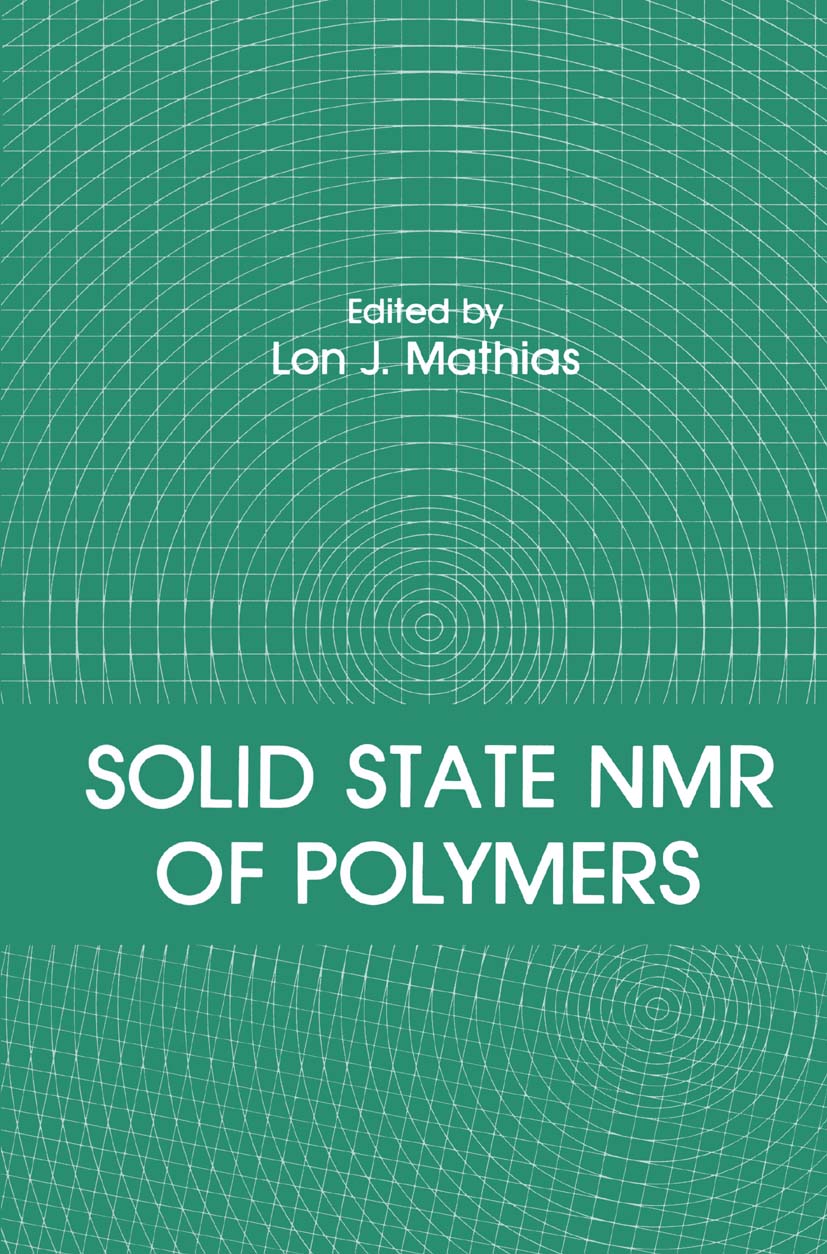
Solid State NMR of Polymers The chapters in this collection are from papers which were presented at a symposium on solid-state NMR of polymers. A two-part program on available NMR techniques applicable to solid polymer analysis was presented at the 3rd Chemical Congress of North American held in Toronto, Ontario, June 5-10,1988. The program was sponsored by the Division of Polymer Chemistry with support provided by the Division, its Industrial Sponsors, and the Donors of the Petroleum Research Fund administered by the American Chemical Society. Co-organizers included Professor Colin Fyfe of the University of British Columbia (Vancouver, Canada), Professor Hans Spiess of the Max Planck Institut fur Polymerforschung (Mainz, West Germany), and myself. The full-day tutorial, which was free to registered attendees, covered the range of topics. The purpose of the tutorial was to provide a basic introduction to the field so that newcomers to its present and future applications could develop sufficient understanding to learn effectively from the subsequent symposium. The first talk attempted to give listeners a feel for the way a novice spectroscopist can learn to use the various NMR techniques to explore his own areas of interest. Simple experiments can provide unique information about solid polymers that can be useful in interpreting synthetic results and in relating solid-state conformation, morphology and molecular motion to physical properties. TECHNOLOGY & ENGINEERING,Textiles & Polymers

New Macromolecular Architecture and Functions This volume summarizes the papers presented at the second Osaka University Macromolecular Symposium OUMS '95 on "New Macromolecular Architecture and Functions" which was held at Senri Life Science Center, Osaka, Japan, on June 2 through June 5, 1995. The symposium covered the three topics, (1) Controlled Polymerizations, (2) Macromolecular Organized Systems and (3) Biomimetic Polymers, and invited leading scientists in these fields. At present, any of these topics is a hot issue in itself and frequently taken up separately on many occasions. It is noted, however, that all these topics are correlated with each other with the keyword "molecular design of new types of polymers" and their combination provides a unique feature of the present symposium in reflecting the interactions among investigators working in these important fields with the common ground expressed by the keyword "molecular design of new types of polymers". Twenty five invited lectures and twenty nine posters were presented at the Symposium, and twenty of the lectures contribute to this volume. In the first topic, preparations of sequentially of stereoregularly controlled polymers were discussed from the view points of precise design of polymer preparation on the molecular level; attention was paid to a possibility of living radical polymerization, preparations of new types of living polymers, recent advances in preparation of stereospecific living polymers, sequential control in block copolymers, and molecular design of initiators and/or catalysts for the controlled polymerizations. TECHNOLOGY & ENGINEERING,Textiles & Polymers
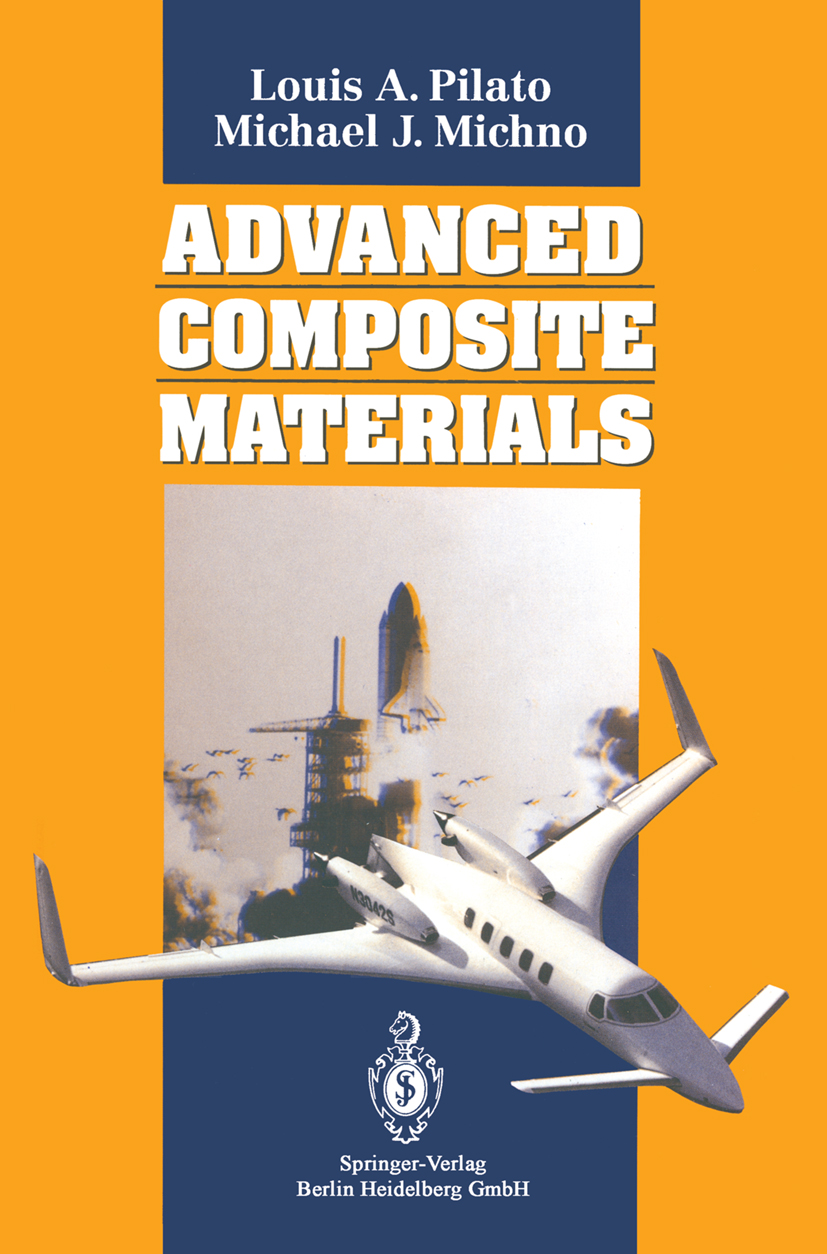
Advanced Composite Materials Advanced composite materials or high performance polymer composites are an unusual class of materials that possess a combination of high strength and modulus and are substantially superior to structural metals and alloys on an equal weight basis. The book provides an overview of the key components that are considered in the design of a composite, of surface chemistry, of analyses/testing, of structure/property relationships with emphasis on compressive strength and damage tolerance. Newly emerging tests, particularly open hole compression tests are expected to provide greater assurance of composite performance. This publication is an "up-to-date" treatment of leading edge areas of composite technology with literature reviewed until recently and includes thermoplastic prepregs/composites and major application areas. TECHNOLOGY & ENGINEERING,Textiles & Polymers
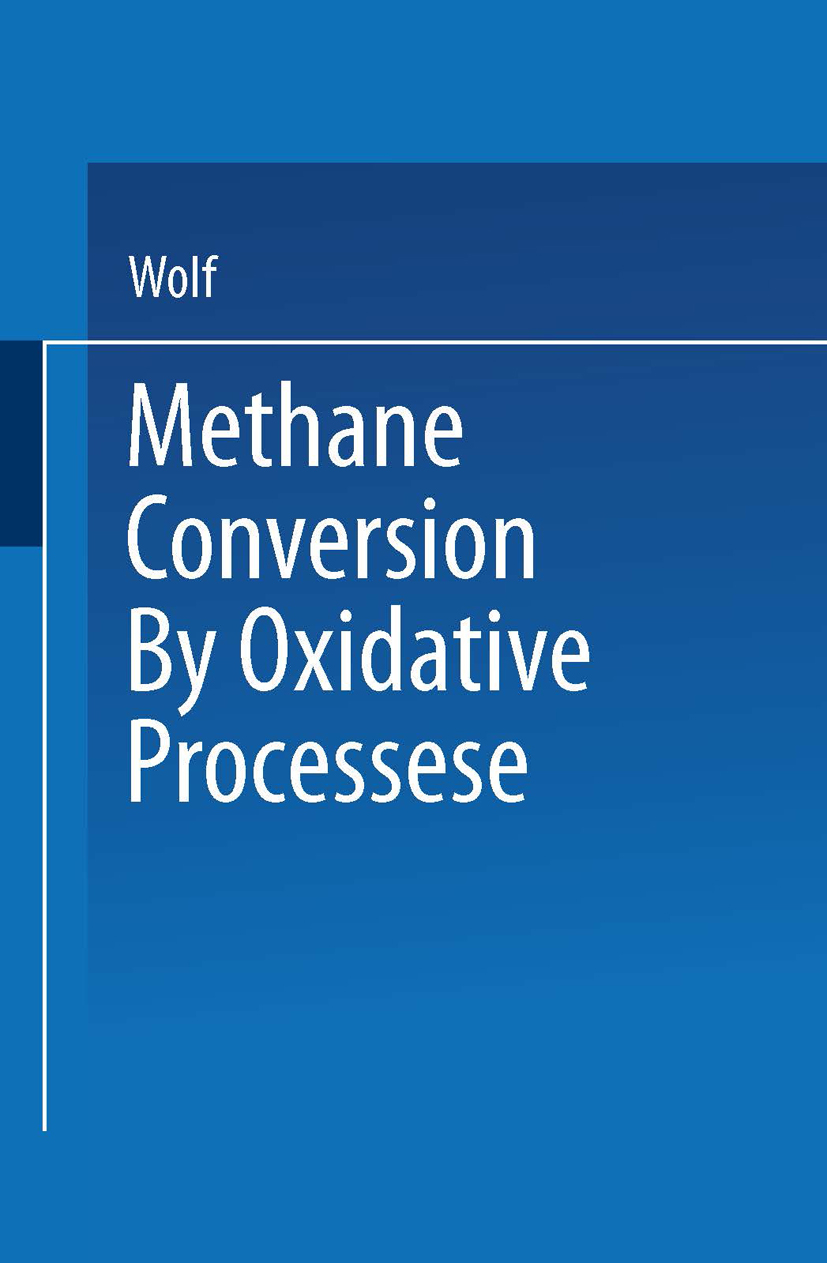
Methane Conversion by Oxidative Processes A reasonable case could be made that the scientific interest in catalytic oxidation was the basis for the recognition of the phenomenon of catalysis. Davy, in his attempt in 1817 to understand the science associated with the safety lamp he had invented a few years earlier, undertook a series of studies that led him to make the observation that a jet of gas, primarily methane, would cause a platinum wire to continue to glow even though the flame was extinguished and there was no visible flame. Dobereiner reported in 1823 the results of a similar investigation and observed that spongy platina would cause the ignition of a stream of hydrogen in air. Based on this observation Dobereiner invented the first lighter. His lighter employed hydrogen (generated from zinc and sulfuric acid) which passed over finely divided platinum and which ignited the gas. Thousands of these lighters were used over a number of years. Dobereiner refused to file a patent for his lighter, commenting that "I love science more than money." Davy thought the action of platinum was the result of heat while Dobereiner believed the ~ffect ~as a manifestation of electricity. Faraday became interested in the subject and published a paper on it in 1834; he concluded that the cause for this reaction was similar to other reactions. TECHNOLOGY & ENGINEERING,Textiles & Polymers
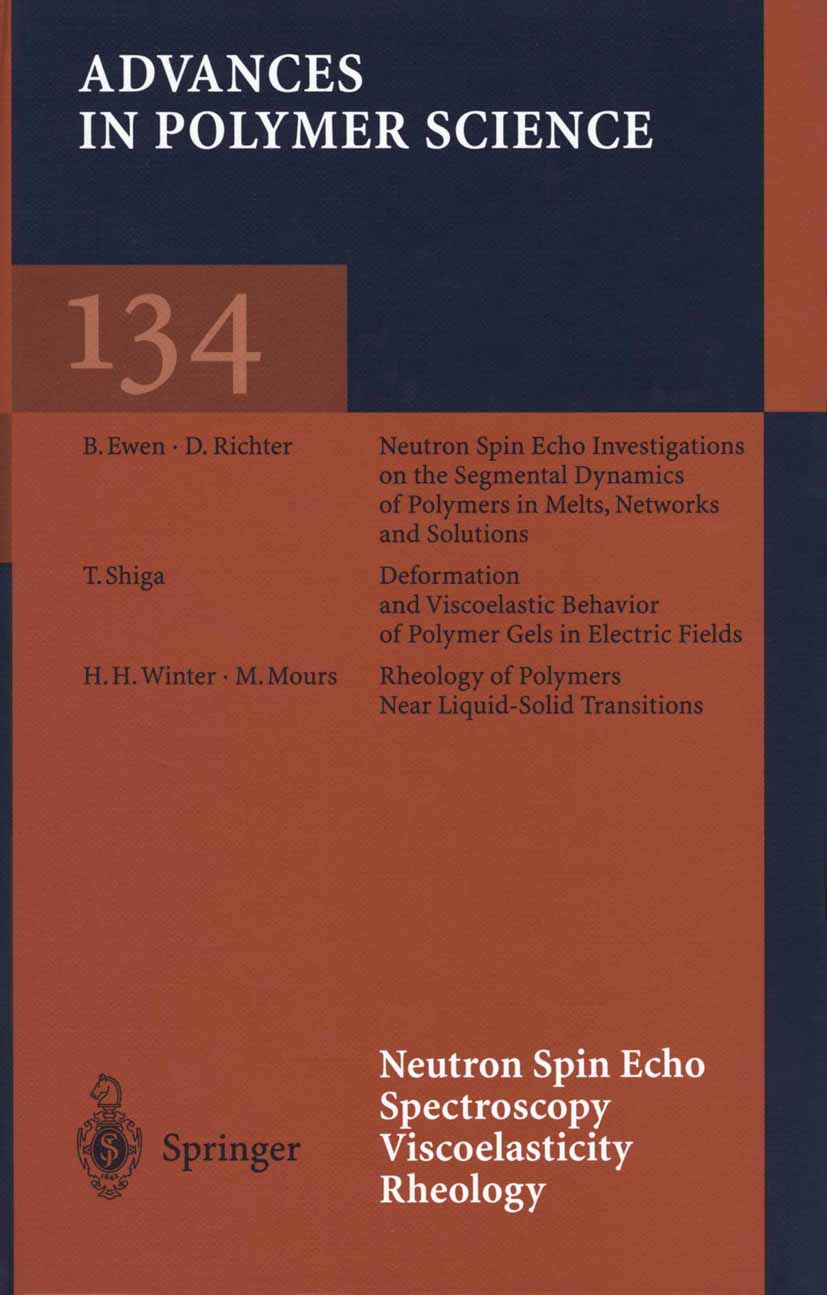
Neutron Spin Echo Spectroscopy Viscoelasticity Rheology Viscoelasticandtransportpropertiesofpolymersintheliquid(solution,melt)or liquid-like (rubber) state determine their processing and application to a large extent and are of basic physical interest [1—3]. An understanding of these dynamic properties at a molecular level, therefore, is of great importance. However,thisunderstandingiscomplicatedbythefactsthatdi?erentmotional processes may occur on di?erent length scales and that the dynamics are governed by universal chain properties as well as by the special chemical structure of the monomer units [4,5]. The earliest and simplest approach in this direction starts from Langevin equations with solutions comprising a spectrum of relaxation modes [1—4]. Special features are the incorporation of entropic forces (Rouse model, [6]) which relax uctuations of reduced entropy, and of hydrodynamic interactions (Zimm model, [7]) which couple segmental motions via long-range back ow elds in polymer solutions, and the inclusion of topological constraints or entanglements (reptation or tube model, [8—10]) which are mutually imposed within a dense ensemble of chains. Another approach, neglecting the details of the chemical structure and concentratingontheuniversalelementsofchainrelaxation,isbasedondynamic scalingconsiderations[4,11].Inparticularinpolymersolutions,thisapproach o?ers an elegant tool to specify the general trends of polymer dynamics, although it su?ers from the lack of a molecular interpretation. A real test of these theoretical approaches requires microscopic methods, which simultaneously give direct access to the space and time evolution of the segmental di?usion. Here, quasi-elastic scattering methods play a crucial role sincetheyallowthemeasurementofthecorrespondingcorrelationfunctions.In particular,thehigh-resolutionneutronspinecho(NSE)spectroscopy[12—15]is very suitable for such investigations since this method covers an appropriate range in time (0.005)t/ns)40) and space (r/nm [15). Furthermore, the possibilityoflabellingbyhydrogen-deuteriumexchangeallowstheobservation of single-chain behavior even in the melt. TECHNOLOGY & ENGINEERING,Textiles & Polymers

Metal Complex Catalysts Supercritical Fluid Polymerization Supramolecular Architecture Thepolymerizationofole nsanddi-ole nsisoneofthemostimportanttargets inpolymerscience.Thisreviewarticledescribesrecentprogressinthis eldand deals with organo-transition metal complexes as polymerization catalysts. - cent developments in organometallic chemistry have prompted us to nd a precise description of the mechanism of propagation, chain transfer, and terminationstepsinthehomogeneouslymetal-assistedpolymerizationofole ns anddiole ns.Thus,thisdevelopmentprovidesanideafordesigninganycatalyst systems that are of interest in industry. Recently,the agostic interactionofalkylgroup(s)ontransitionmetalshas emerged as highly basic and new concept and is found to be important in understandingthemechanismofthemetal-catalyzedhomogeneousoligomer- ation and polymerization of a-ole ns. Early transition metal alkyl complexes generallyhavepartiallyionicM—C bondsandshowa-agostichydrogeninter- tion that somewhat stabilizes the catalytically active species by providing el- tronsatavacantsite onthe metal.Thisisinsharp contrasttothefactthatlate transition metal alkyl complexes show mainly b-agostic hydrogen interaction that causes the hydrogen transfer easily through b-hydrogen elimination and reductive elimination, and that gives rise to the oligomerization of ole ns. Organometalliccomplexesoftheearlyandlatetransitionmetalshavebeenused as catalysts for ole n oligomerization and polymerization. The mechanism involved in these catalyst systems depends very much upon the kind of metal centersaswellastheirco-ligands,andthusthedi?erentmechanismswhichcan bedistinguishedbydetailedinvestigationsshouldbeassumedforearlyandlate transition metal catalysts. In this contribution, we review the mechanism of polymerization and oligomerization involving early transition metals, taking as our basis recent resultsinadvancedorganometallicchemistry.Firstofall,somerecentexamples of the previous reviews concerning the Ziegler-Natta polymerization are cited [1—10]. Then, relevant new reports are surveyed in a systematic fashion. TECHNOLOGY & ENGINEERING,Textiles & Polymers

Computer Simulation of Biomolecular Systems The third volume in the series on Computer Simulation of Biomolecular Systems continues with the format introduced in the first volume [1] and elaborated in the second volume [2]. The primary emphasis is on the methodological aspects of simulations, although there are some chapters that present the results obtained for specific systems of biological interest. The focus of this volume has changed somewhat since there are several chapters devoted to structure-based ligand design, which had only a single chapter in the second volume. It seems useful to set the stage for this volume by quoting from my preface to Volume 2 [2]. "The long-range 'goal of molecular approaches to biology is to describe living systems in terms of chemistry and physics. Over the last fifty years great progress has been made in applying the equations representing the underlying physical laws to chemical problems involv ing the structures and reactions of small molecules. Corresponding studies of mesoscopic systems have been undertaken much more recently. Molecular dynamics simulations, which are the primary focus of this volume, represent the most important theoretical approach to macromolecules of biological interest." ... TECHNOLOGY & ENGINEERING,Textiles & Polymers
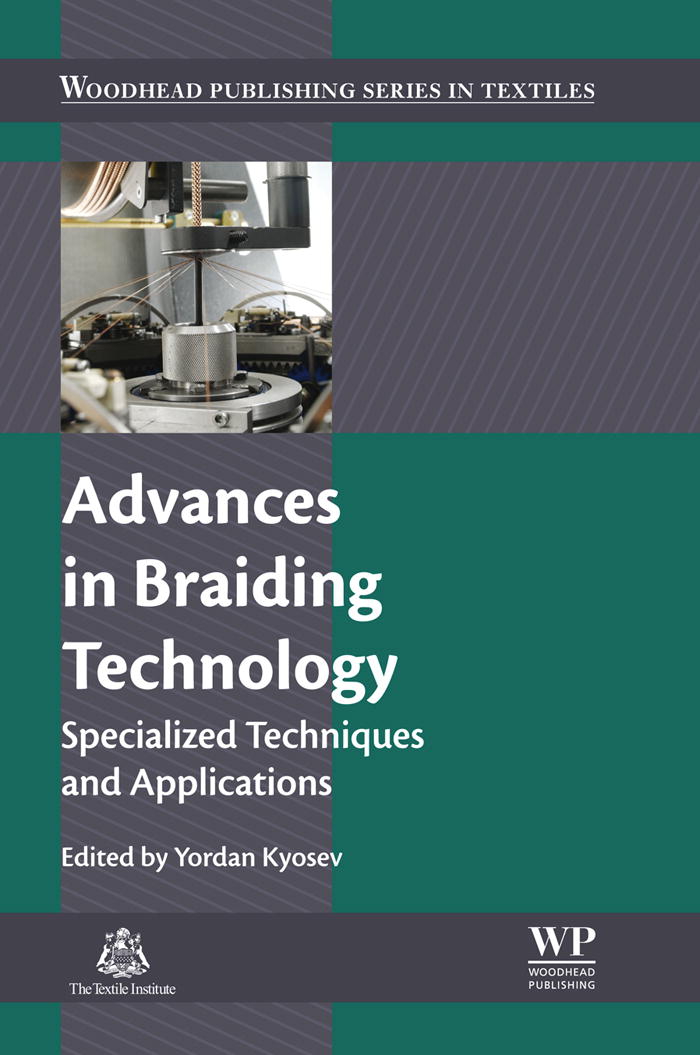
Advances in Braiding Technology Braiding is the process of interlacing three or more threads or yarns in a diagonal direction to the product axis in order to obtain thicker, wider or stronger textiles or, in the case of overbraiding, in order to cover a profile. Braids are becoming the reinforcement of choice in composite manufacturing, and have found a range of technical applications in fields including medicine, candles, transport and aerospace. Building on the information provided in Prof. Kyosev’s previous book, Braiding Technology for Textiles, this important title covers advanced technologies and new developments for the manufacture, applications and modelling of braided products. Part One covers the braiding of three-dimensional profiles, and includes a detailed overview of three-dimensional braiding technologies as well as chapters devoted to specific kinds of 3D braiding. Part Two addresses specialist braiding techniques and applications, and includes chapters reviewing the use of braids for medical textiles and candles. Part Three focuses on braiding techniques for ropes and Part Four reviews braiding for composites. The final part of the book considers modelling and simulation, and covers topics including overbraiding simulation, Finite Element Method (FEM) modelling and geometrical modelling. Covers advanced braiding techniques, technical applications, and modelling and simulation of braided textiles. Focused on the needs of the textile industry by offering suitable breadth and depth of coverage of a range of braiding manufacturing technology, applications and modelling techniques in a single volume. Written by an eminent team of authors, composed of leading scientists and developers in the field who have a wealth of relevant, first-hand experience in braiding, and edited by a high-profile editor who is an expert in his field. TECHNOLOGY & ENGINEERING,Textiles & Polymers

Synthetic Polymeric Membranes for Advanced Water Treatment, Gas Separation, and Energy Sustainability Synthetic Polymeric Membranes for Advanced Water Treatment, Gas Separation, and Energy Sustainability is a cutting-edge guide that focuses on advanced water treatment applications, covering oily wastewater treatment, desalination, removal of dyes and pigments, photodegradation of organic hazardous materials, heavy metal removal, removal and recovery of nutrients, and volatile organic compounds. Other sections examine the area of gas separation, including acidic gas removal, oxygen enrichment, gas and vapor separation, hydrogen separation, and gas sensing. Final sections cover applications for sustainable energy usage, including the use of synthetic polymer membranes in proton exchange membrane fuel cells (PEMFCs), and more. This is a highly valuable guide for researchers, scientists, and advanced students, working with polymer membranes and films, and across polymer science, polymer chemistry, materials science, chemical e Explains the design, preparation and characterization of synthetic polymer-based membranes for advanced applications Provides a clear picture of the state-of-the-art in the field, including novel fabrication approaches and the latest advances in physico-chemical characterizations Supports the development and implementation of innovative, sustainable solutions to water treatment, gas separation and energy devices TECHNOLOGY & ENGINEERING,Textiles & Polymers

Contamination Mitigating Polymeric Coatings for Extreme Environments ​This volume provides perspectives on the approaches, mechanisms, test methods, durability considerations, and environmental concerns for contamination mitigating coatings and polymers with emphasis on their use in more extreme aerospace and marine terrestrial environments. Parts of the Volume are devoted to application of biomimetics to contamination mitigation polymeric coatings, low ice adhesion surfaces, insect residue adhesion resistance coatings, and marine biofouling mitigation materials. By juxtaposing ice insect, and marine mitigation approaches, researchers and users may more easily identify threads of similarity that will assist in future developments and potential applications in these areas. The volume is of interest to chemists and material scientists in providing awareness of both the need for efficacy in mitigating contamination and for appropriate coating durability; to physicists in providing better understanding of the interaction between the contaminant, the coated surface, and the surrounding environment; and to engineers in describing the need for better scale-up tests between laboratory and field environments. TECHNOLOGY & ENGINEERING,Textiles & Polymers
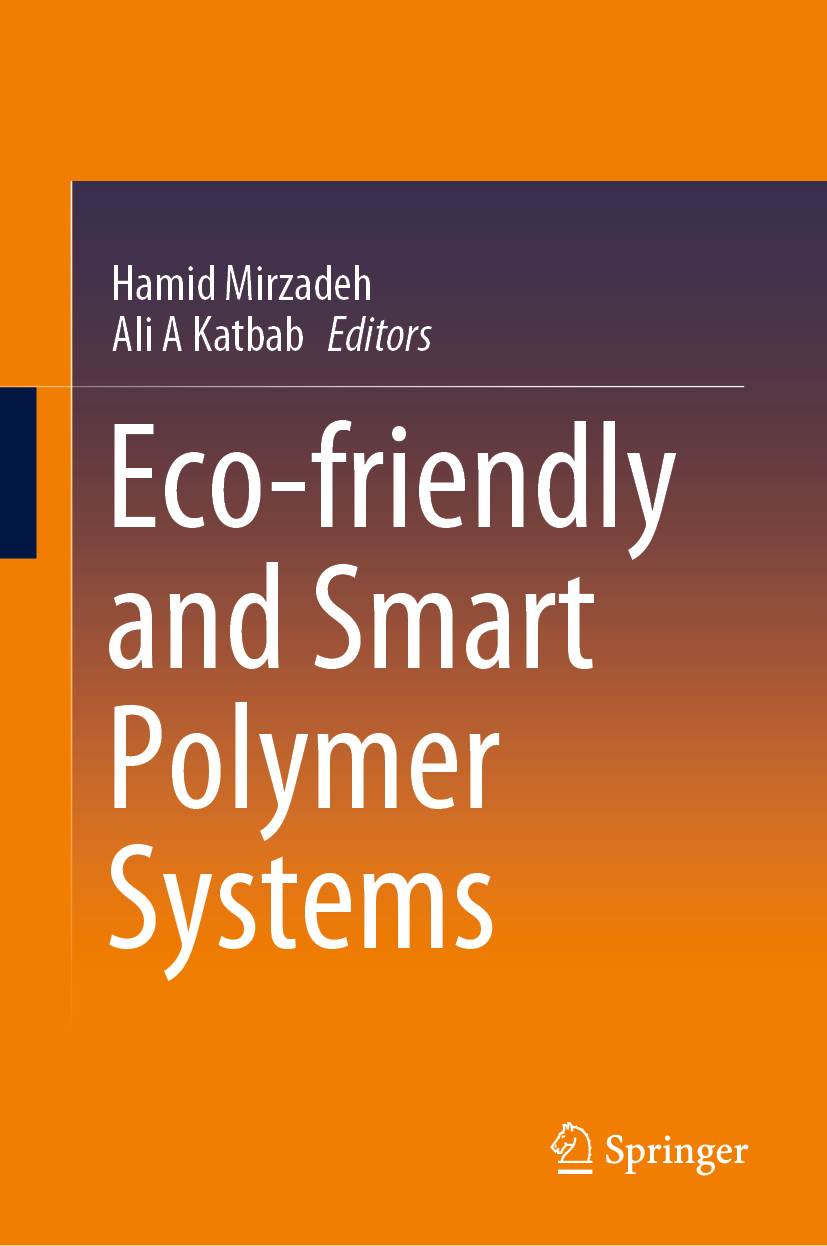
Eco-friendly and Smart Polymer Systems This proceedings book presents the main findings of the 13th International Seminar on Polymer Science and Technology ( ISPST 2018), which was held at Amirkabir University of Technology, Tehran, on November 10–22, 2018. This forum was the culmination of more than three decades of academic and industrial activities of Iranian scholars and professionals, and the participation of many notable international scientists, in covering various important polymer-related subjects of concern to Iran and the world at large, including polymer synthesis, processing and properties, as well as issues concerning polymer degradation, stability, and environmental aspects. For the past half a century, the growing concern for advancing human health, quality of life, and – especially in the last few decades – avoiding and combating environmental pollution have shaped and driven scientific activities geared toward the creation of smart materials that are compatible with the human body, and have prompted scientists and technologists to pursue research using natural and sustainable sources. This book highlights efforts to responsibly address the problems caused by, and which can potentially be solved by, polymers and plastics. TECHNOLOGY & ENGINEERING,Textiles & Polymers
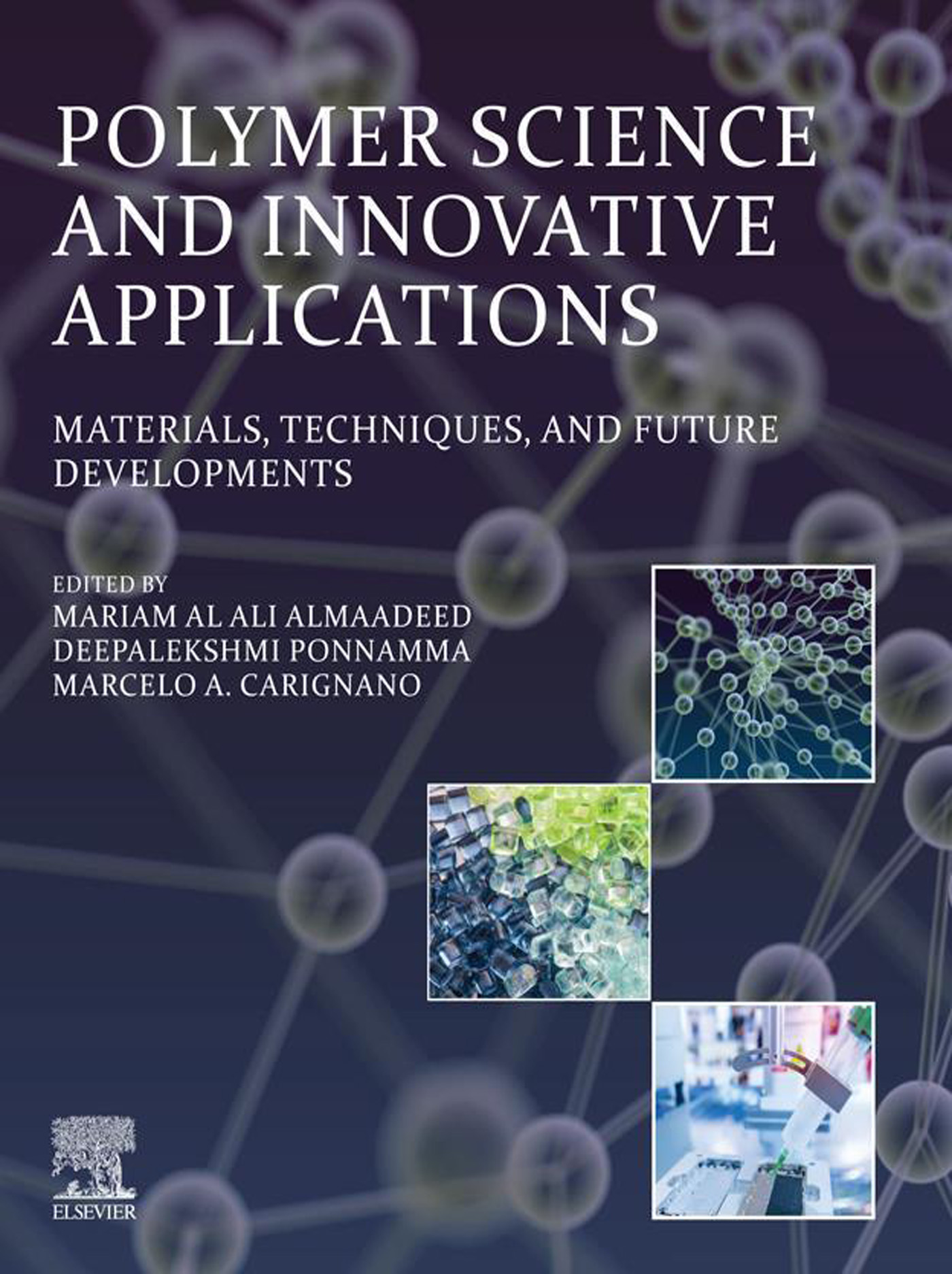
Polymer Science and Innovative Applications Polymer Science and Innovative Applications: Materials, Techniques, and Future Developments introduces the science of innovative polymers and composites, their analysis via experimental techniques and simulation, and their utilization in a variety of application areas. This approach helps to unlock the potential of new materials for product design and other uses. The book also examines the role that these applications play in the human world, from pollution and health impacts, to their potential to make a positive contribution in areas including environmental remediation, medicine and healthcare, and renewable energy. Advantages, disadvantages, possibilities, and challenges relating to the utilization of polymers in human society are included. Presents the latest advanced applications of polymers and their composites and identifies key areas for future development Introduces the simulation methods and experimental techniques involved in the modification of polymer properties, supported by clear and detailed images and diagrams Supports an interdisciplinary approach, enabling readers across different fields to harness the power of new materials for innovative applications TECHNOLOGY & ENGINEERING,Textiles & Polymers
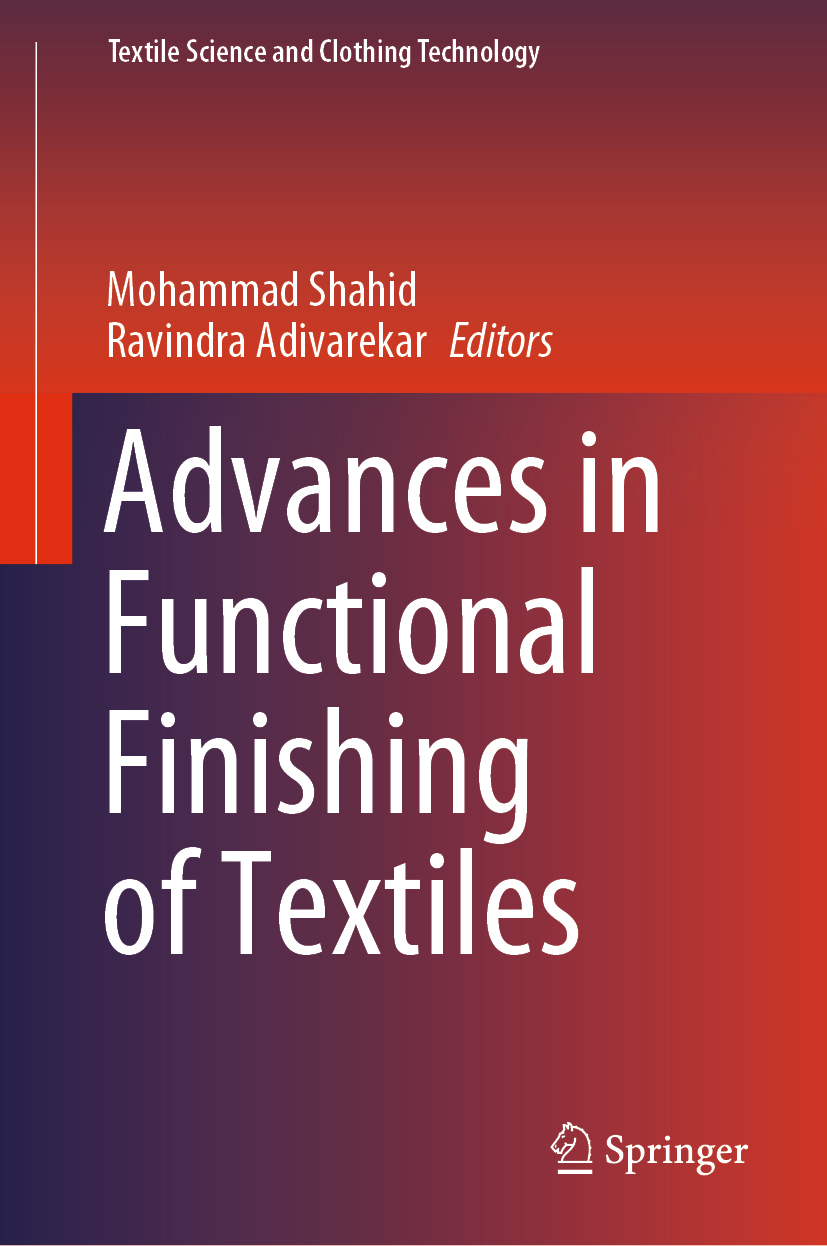
Advances in Functional Finishing of Textiles This book provides a comprehensive overview of the field of functional finishing of textiles, describing the state-of-the-art research and well-established techniques applied in the textile industry, and covering all areas of textile dyeing and finishing. It is intended for academic researchers and professionals in related scientific and engineering fields, including textile engineering, chemistry, nanotechnology, material science, biotechnology and environmental science. The book also provides reference material for stakeholders looking for innovative technologies and insights into the environmental and sustainability issues in the development of functional textiles and related products. TECHNOLOGY & ENGINEERING,Textiles & Polymers
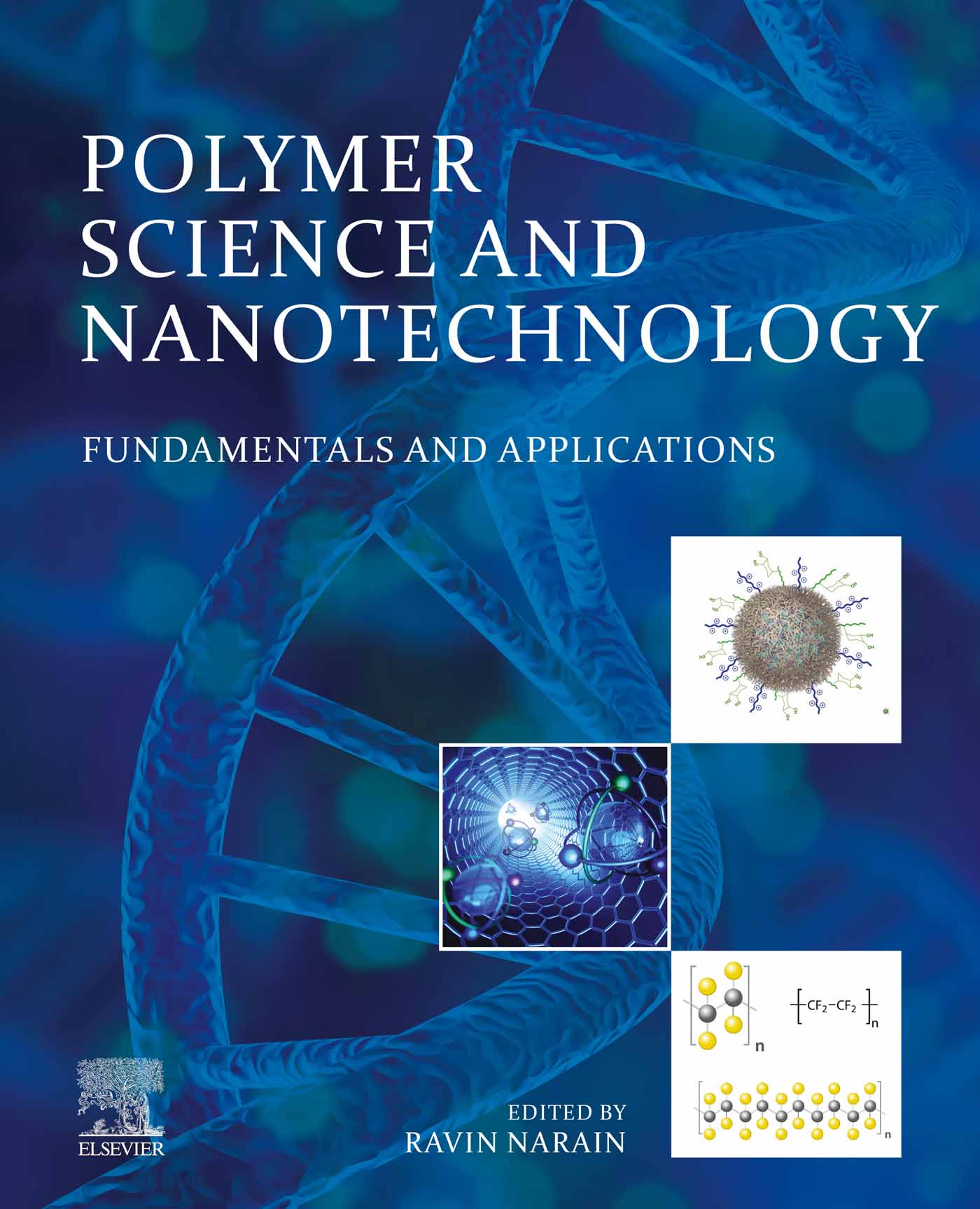
Polymer Science and Nanotechnology Polymer Science and Nanotechnology: Fundamentals and Applications brings together the latest advances in polymer science and nanoscience. Sections explain the fundamentals of polymer science, including key aspects and methods in terms of molecular structure, synthesis, characterization, microstructure, phase structure and processing and properties before discussing the materials of particular interest and utility for novel applications, such as hydrogels, natural polymers, smart polymers and polymeric biomaterials. The second part of the book examines essential techniques in nanotechnology, with an emphasis on the utilization of advanced polymeric materials in the context of nanoscience. Throughout the book, chapters are prepared so that materials and products can be geared towards specific applications. Two chapters cover, in detail, major application areas, including fuel and solar cells, tissue engineering, drug and gene delivery, membranes, water treatment and oil recovery. Presents the latest applications of polymers and polymeric nanomaterials, across energy, biomedical, pharmaceutical, and environmental fields Contains detailed coverage of polymer nanocomposites, polymer nanoparticles, and hybrid polymer-metallic nanoparticles Supports an interdisciplinary approach, enabling readers from different disciplines to understand polymer science and nanotechnology and the interface between them TECHNOLOGY & ENGINEERING,Textiles & Polymers
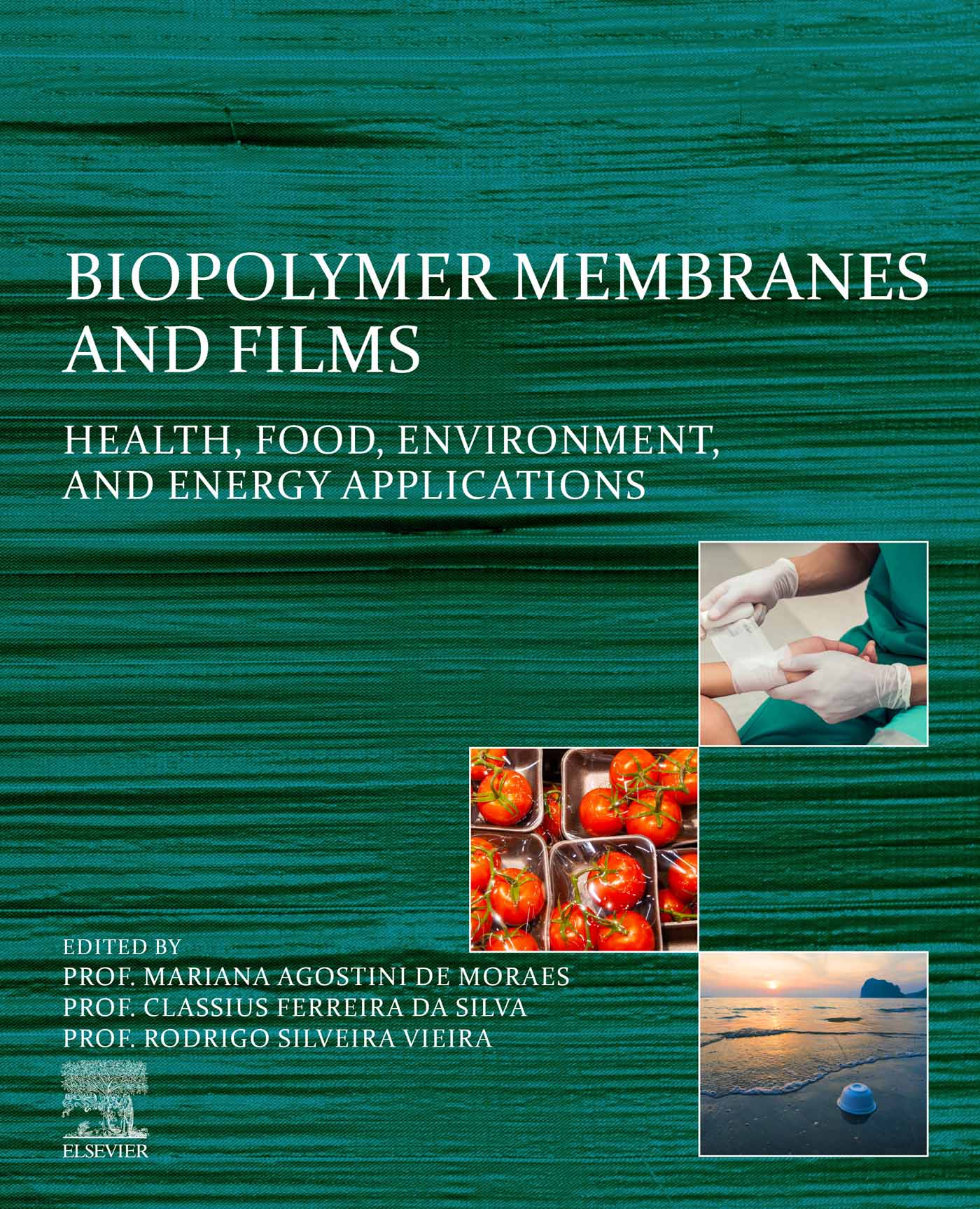
Biopolymer Membranes and Films Biopolymer Membranes and Films: Health, Food, Environment, and Energy Applications presents the latest techniques for the design and preparation of biopolymer-based membranes and films, leading to a range of cutting-edge applications. The first part of the book introduces the fundamentals of biopolymers, two-dimensional systems, and the characterization of biopolymer membranes and films, considering physicochemical, mechanical and barrier properties. Subsequent sections are organized by application area, with each chapter explaining how biopolymer-based membranes or films can be developed for specific innovative uses across the health, food, environmental and energy sectors. This book is a valuable resource for researchers, scientists and advanced students involved in biopolymer science, polymer membranes and films, polymer chemistry and materials science, as well as for those in industry and academia who are looking to develop materials for advanced applications in the health, food science, environment or energy industries. Presents detailed coverage of a range of novel applications in key strategic areas across health, food, environment and energy Considers the difficulties associated with two-dimensional materials Assists the reader in selecting the best materials and properties for specific applications Helps researchers, scientists and engineers combine the enhanced properties of membranes and films with the sustainable characteristics of biopolymer-based materials TECHNOLOGY & ENGINEERING,Textiles & Polymers
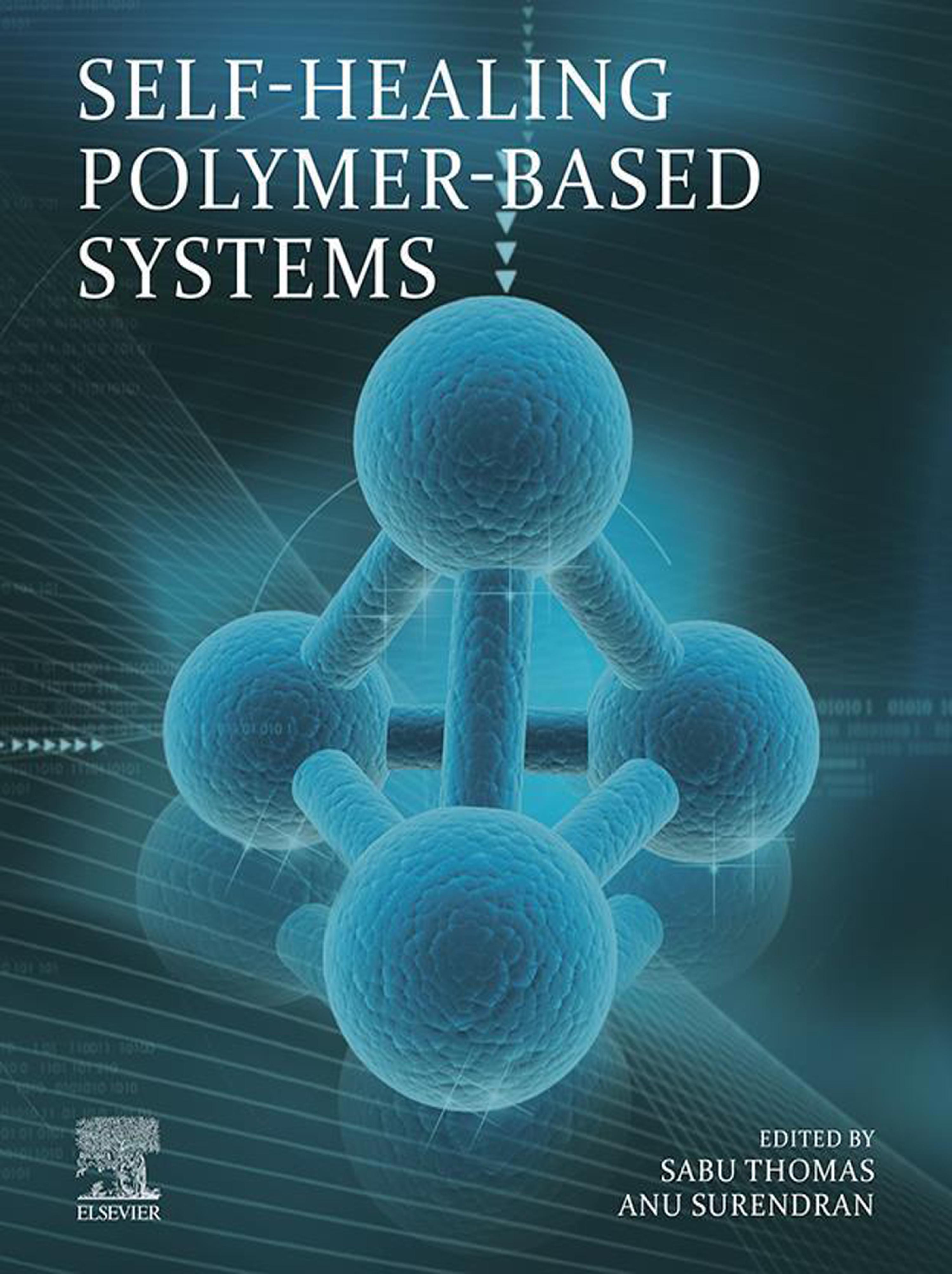
Self-Healing Polymer-Based Systems Self-Healing Polymer-Based Systems presents all aspects of self-healing polymeric materials, offering detailed information on fundamentals, preparation methods, technology, and applications, and drawing on the latest state-of-the-art research. The book begins by introducing self-healing polymeric systems, with a thorough explanation of underlying concepts, challenges, mechanisms, kinetic and thermodynamics, and types of chemistry involved. The second part of the book studies the main categories of self-healing polymeric material, examining elastomer-based, thermoplastic-based, and thermoset-based materials in turn. This is followed by a series of chapters that examine the very latest advances, including nanoparticles, coatings, shape memory, self-healing biomaterials, ionomers, supramolecular polymers, photoinduced and thermally induced self-healing, healing efficiency, life cycle analysis, and characterization. Finally, novel applications are presented and explained. This book serves as an essential resource for academic researchers, scientists, and graduate students in the areas of polymer properties, self-healing materials, polymer science, polymer chemistry, and materials science. In industry, this book contains highly valuable information for R&D professionals, designers, and engineers, who are looking to incorporate self-healing properties in their materials, products, or components. Provides comprehensive coverage of self-healing polymeric materials, covering principles, techniques, and applications Includes the very latest developments in the field, such as the role of nanofillers in healing, life cycle analysis of materials, and shape memory assisted healing Enables the reader to unlock the potential of self-healing polymeric materials for a range of advanced applications TECHNOLOGY & ENGINEERING,Textiles & Polymers
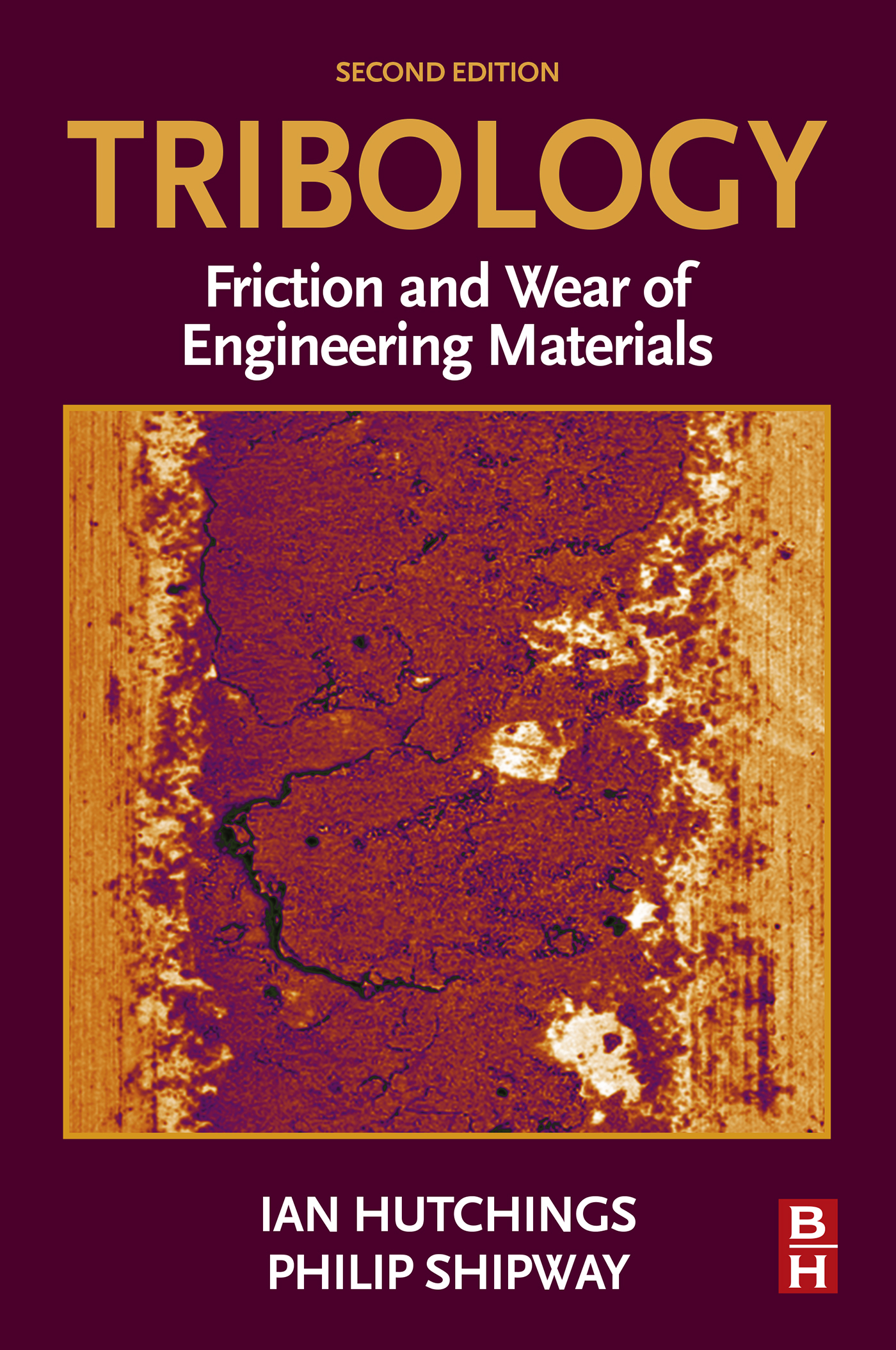
Tribology Tribology: Friction and Wear of Engineering Materials, Second Edition covers the fundamentals of tribology and the tribological response of all classes of materials, including metals, ceramics, and polymers. This fully updated and expanded book maintains its core emphasis on friction and wear of materials, but now also has a strengthened coverage of the more traditional tribological topics of contact mechanics and lubrication. It provides a solid scientific foundation that will allow readers to formulate appropriate solutions when faced with practical problems, as well as to design, perform and interpret meaningful tribological tests in the laboratory. Topics include the fundamentals of surface topography and contact mechanics, friction, lubrication, and wear (including tribo-corrosion), as well as surface engineering, selection of materials and design aspects. The book includes case studies on bearings, automotive tribology, manufacturing processes, medical engineering and magnetic data storage that illustrate some of the modern engineering applications in which tribological principles play vital roles. Each chapter is complemented by a set of questions suitable for self-study as well as classroom use. This book provides valuable material for advanced undergraduates and postgraduates studying mechanical engineering, materials science and other technical disciplines, and will also be a useful first reference point for any engineer or scientist who encounters tribological issues. Provides an excellent general introduction to friction, wear, and lubrication of materials Acts as the ideal entry point to the research literature in tribology Provides the tribological principles to underpin the design process Through systematic coverage of the subject and appropriate questions, develops the reader’s understanding and knowledge of tribology in a logical progression. TECHNOLOGY & ENGINEERING,Tribology
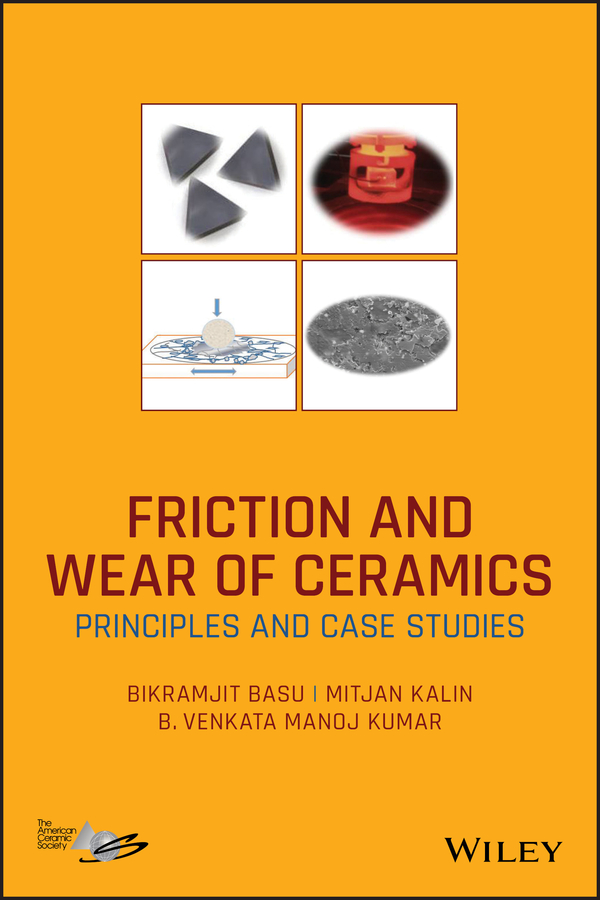
Friction and Wear of Ceramics This book covers the area of tribology broadly, providing important introductory chapters to fundamentals, processing, and applications of tribology. The book is designed primarily for easy and cohesive understanding for students and practicing scientists pursuing the area of tribology with focus on materials. This book helps students and practicing scientists alike understand that a comprehensive knowledge about the friction and wear properties of advanced materials is essential to further design and development of new materials. The description of the wear micromechanisms of various materials will provide a strong background to the readers as how to design and develop new tribological materials. This book also places importance on the development of new ceramic composites in the context of tribological applications. Some of the key features of the book include: Fundamentals section highlights the salient issues of ceramic processing and mechanical properties of important oxide and non-oxide ceramic systems; State of the art research findings on important ceramic composites are included and an understanding on the behavior of silicon carbide (SiC) based ceramic composites in dry sliding wear conditions is presented as a case study; Erosion wear behavior of ceramics, in which case studies on high temperature erosion behavior of SiC based composites and zirconium diboride (ZrB2) based composites is also covered; Wear behavior of ceramic coatings is rarely discussed in any tribology related books therefore a case study explaining the abrasion wear behavior of WC-Co coating is provided. Finally an appendix chapter is included in which a collection of several types of questions including multiple choice, short answer and long answer are provided. TECHNOLOGY & ENGINEERING,Tribology

Welding For Dummies Get the know-how to weld like a pro Being a skilled welder is a hot commodity in today's job market, as well as a handy talent for industrious do-it-yourself repairpersons and hobbyists. Welding For Dummies gives you all the information you need to perform this commonly used, yet complex, task. This friendly, practical guide takes you from evaluating the material to be welded all the way through the step-by-step welding process, and everything in between. Plus, you'll get easy-to-follow guidance on how to apply finishing techniques and advice on how to adhere to safety procedures. Explains each type of welding, including stick, tig, mig, and fluxcore welding, as well as oxyfuel cutting, which receives sparse coverage in other books on welding Tips on the best welding technique to choose for a specific project Required training and certification information Whether you have no prior experience in welding or are looking for a thorough reference to supplement traditional welding instruction, the easy-to-understand information in Welding For Dummies is the ultimate resource for mastering this intricate skill. TECHNOLOGY & ENGINEERING,Welding
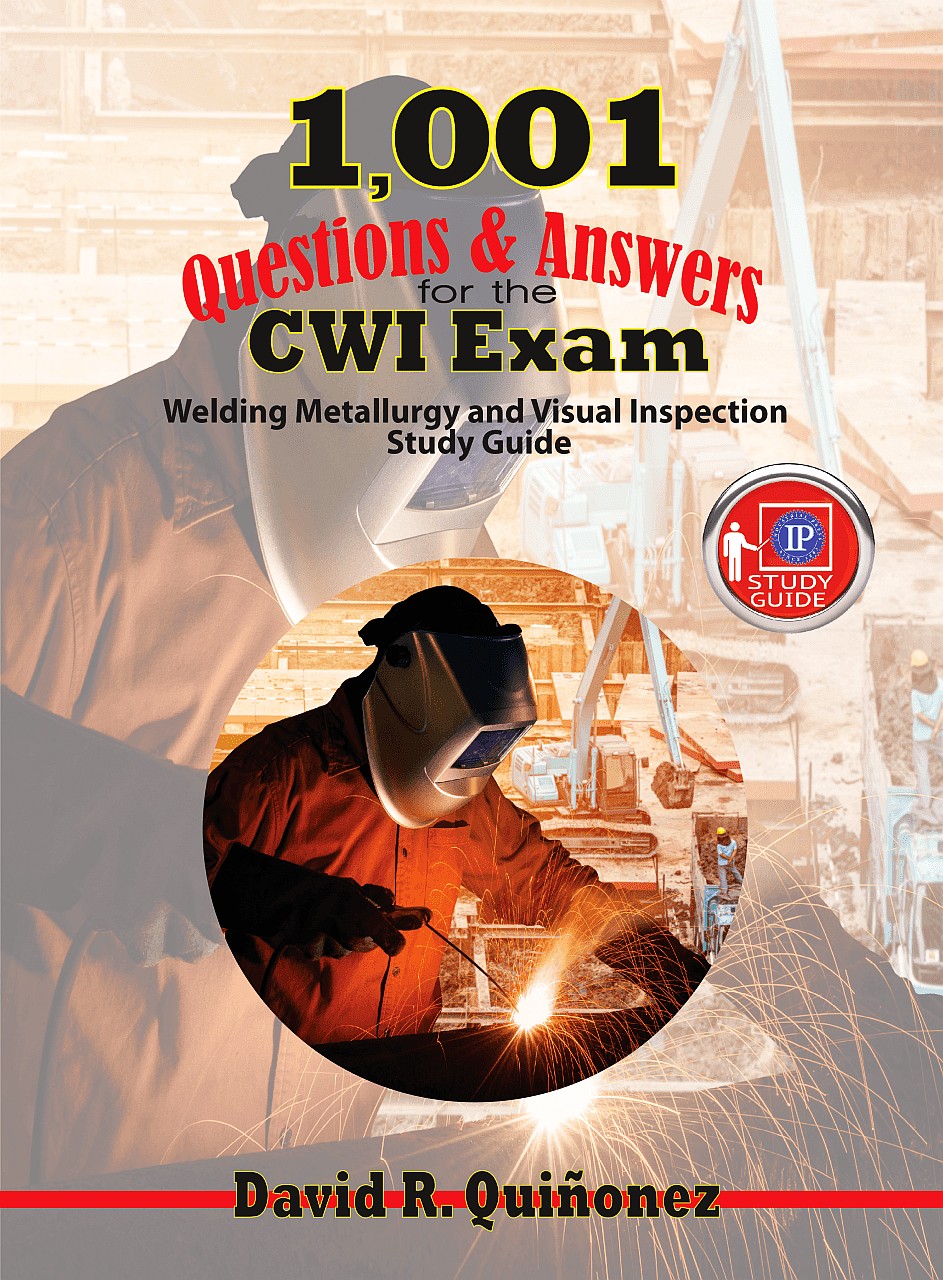
1,001 Questions & Answers for the CWI Exam AWS (The American Welding Society) is the worldwide leader in certification programs for the welding industry. Since the CWI (Certified Welding Inspectors) program inception in 1976, AWS has certified more than 100,000 welding inspectors alone, plus thousands more working professionals across other certification categories. AWS conducts exams in locations around the world, including 550 U.S. sites and 40 countries each year. Many candidates mistakenly assume their field experience is enough to obtain certification, only to end up frustrated when they fail to pass their exam. Certification exams are intentionally comprehensive to ensure the welding industry the high-quality personnel needed to handle these complex roles. The process requires almost everyone to prepare to some extent – even those with years of experience: How much preparation? It depends upon your current skills and knowledge. Are the rewards worth it? The rewards are often worth the time you invest: certification can boost your earnings significantly and expand your career opportunities. While there are a few books that can be purchased from the AWS and outside sources on the CWI exam, there are no publications dedicated to helping CWI candidates pass the exam. This title was written for that express purpose. This work is a comprehensive collection of preparatory exam questions and answers for welders, inspectors, students, or anyone interested in the welding metallurgical field. The work boasts appendices that include tables, formulas, lists of organizations and major corporations employing welders and inspectors. TECHNOLOGY & ENGINEERING,Welding
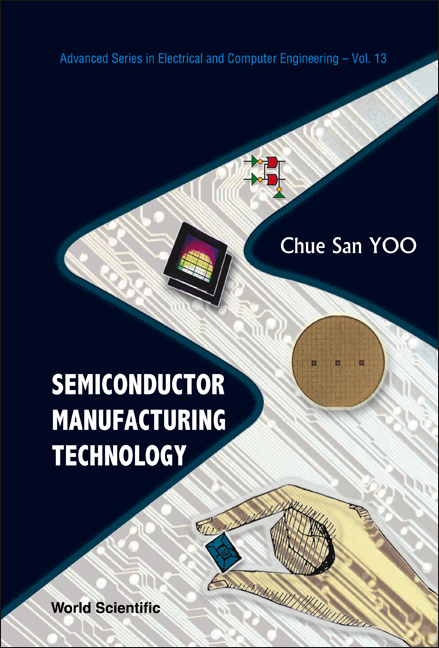
Semiconductor Manufacturing Technology This textbook contains all the materials that an engineer needs to know to start a career in the semiconductor industry. It also provides readers with essential background information for semiconductor research. It is written by a professional who has been working in the field for over two decades and teaching the material to university students for the past 15 years. It includes process knowledge from raw material preparation to the passivation of chips in a modular format. TECHNOLOGY,Engineering,Electrical

Ask Me Anything "Ask Me Anything isn't just any YA romance. This is a badass YA romance…" -Hypabale.com I should’ve kept my mouth shut. But Wilmont Academy’s been living in the Dark Ages when it comes to sex ed, and someone had to take matters into her own hands. Well, I’m a kickass coder, so I created a totally anonymous, totally untraceable blog where teens can come to get real, honest, nothing-is-off-limits sex advice. And holy hell, the site went viral overnight. Who knew this school was so hard up. Now the school administration is on a war path to shut me down, and they have Dean—my coding crush—hot on my trail. If he discovers my secret, I could lose his trust forever. And thousands of teens who need real advice won’t have anyone to turn to. Ask me anything…except how to make things right. YOUNG ADULT FICTION,Science & Technology

Half Life An overachiever enrolls in an experimental clone study to prove that two (of her own) heads are better than one in this fast-paced, near-future adventure that's Black Mirror meets Becky Albertalli. There aren't enough hours in the day for Lucille--perfectionist, overachiever--to do everything she has to do, and there certainly aren't enough hours to hang out with friends, fall in love, get in trouble--all the teenage things she knows she should want to be doing instead of preparing for a flawless future. So when she sees an ad for Life2: Do more. Be more, she's intrigued. The company is looking for beta testers to enroll in an experimental clone program, and in the aftermath of a series of disappointments, Lucille is feeling reckless enough to jump in. At first, it's perfect: her clone, Lucy, is exactly what she needed to make her life manageable and have time for a social life. But it doesn't take long for Lucy to become more Lucy and less Lucille, and Lucille is forced to stop looking at Lucy as a reflection and start seeing her as a window--a glimpse at someone else living her own life, but better. Lucy does what she really wants to, not what she thinks she should want to, and Lucille is left wondering how much she was even a part of the perfect life she'd constructed for herself. Lucille wanted Lucy to help her relationships with everyone else, but how can she do that without first rectifying her relationship with herself? "Like a PG-13 mash-up of Booksmart and Black Mirror, Clark’s sophomore novel delivers both twisty sci-fi suspense and a highly relatable account of the search for self-determination and self-worth."--Booklist "Clark makes this territory fresh, and teens questioning their own self-worth will be drawn to this novel. A novel that is near-future enough to appeal to sci-fi fans as well as general audiences who like to ask, 'What if?'"--SLJ YOUNG ADULT FICTION,Science & Technology

Steve Jobs A riveting biography of the groundbreaking innovator who was a giant in the worlds of computing, music, filmmaking, design, smart phones, and more. A finalist for the YALSA Excellence in Nonfiction Award! "Your time is limited. . . . have the courage to follow your heart and intuition." —Steve Jobs From the start, his path was never predictable. Steve Jobs was given up for adoption at birth, dropped out of college after one semester, and at the age of twenty, created Apple in his parents' garage with his friend Steve Wozniack. Then came the core and hallmark of his genius—his exacting moderation for perfection, his counterculture life approach, and his level of taste and style that pushed all boundaries. A devoted husband, father, and Buddhist, he battled cancer for over a decade, became the ultimate CEO, and made the world want every product he touched, from the Macintosh to the iPhone, from iTunes and the iPod to the Macbook. Critically acclaimed author Karen Blumenthal takes us to the core of this complicated and legendary man while simultaneously exploring the evolution of computers. Framed by Jobs' inspirational Stanford commencement speech and illustrated throughout with black and white photos, this is the story of the man who changed our world. Read more thrilling nonfiction by Karen Blumenthal: Hillary Rodham Clinton: A Woman Living History (A YALSA Excellence in Nonfiction Award Finalist) Bootleg: Murder, Moonshine, and the Lawless Years of ProhibitionTommy: The Gun That Changed America Praise for Steve Jobs: The Man Who Thought Different: A Biography: “This is a smart book about a smart subject by a smart writer.†—Booklist, starred review “Students who know Steve Jobs only through Apple's iTunes, iPhones, and iPads will have their eyes opened by this accessible and well-written biography.†—VOYA “An engaging and intimate portrait. Few biographies for young readers feel as relevant and current as this one does.†—The Horn Book Magazine “A perceptive, well-wrought picture of an iconic figure.†—Kirkus Reviews “Blumenthal crafts an insightful, balanced portrait.†—Publishers Weekly YOUNG ADULT NONFICTION,Biography & Autobiography,Science & Technology

Mountains Beyond Mountains (Adapted for Young People) Tracy Kidder's critically acclaimed adult nonfiction work, Mountains Beyond Mountains has been adapted for young people by Michael French. In this young adult edition, readers are introduced to Dr. Paul Farmer, a Harvard-educated doctor with a self-proclaimed mission to transform healthcare on a global scale. Farmer focuses his attention on some of the world's most impoverished people and uses unconventional ways in which to provide healthcare, to achieve real results and save lives. YOUNG ADULT NONFICTION,Biography & Autobiography,Science & Technology

Breakthrough Featured in the 2018 movie Science Fair! A National Science Teachers Association Best STEM Book of 2017 In this acclaimed memoir, teen innovator and scientist Jack Andraka tells the story behind his revolutionary discovery. When a dear family friend passed away from pancreatic cancer, Jack was inspired to create a better method of early detection. At the age of fifteen, he garnered international attention for his breakthrough: a four-cent strip of paper capable of detecting pancreatic, ovarian, and lung cancers four hundred times more effectively than the previous standard. Jack's story is not just a story of dizzying international success; it's a story of overcoming depression and homophobic bullying and finding the resilience to persevere and come out. His account inspires young people, who he argues are the most innovative, to fight for the right to be taken seriously and to pursue our own dreams. Do-it-yourself science experiments are included in each chapter, making Breakthrough perfect for STEM curriculum. But above all, Jack's memoir empowers his generation with the knowledge that we can each change the world if we only have the courage to try. YOUNG ADULT NONFICTION,Biography & Autobiography,Science & Technology

Atomic Women Bomb meets Code Girls in this nonfiction narrative about the little-known female scientists who were critical to the invention of the atomic bomb during World War II. They were leaning over the edge of the unknown and afraid of what they would discover there -- meet the World War II female scientists who worked in the secret sites of the Manhattan Project. Recruited not only from labs and universities from across the United States but also from countries abroad, these scientists helped in -- and often initiated -- the development of the atomic bomb, taking starring roles in the Manhattan Project. In fact, their involvement was critical to its success, though many of them were not fully aware of the consequences. The atomic women include: Lise Meitner and Irène Joliot-Curie (daughter of Marie Curie), who laid the groundwork for the Manhattan Project from Europe Elizabeth Rona, the foremost expert in plutonium, who gave rise to the "Fat Man" and "Little Boy," the bombs dropped over Japan Leona Woods, Elizabeth Graves, and Joan Hinton, who were inspired by European scientific ideals but carved their own paths This book explores not just the critical steps toward the creation of a successful nuclear bomb, but also the moral implications of such an invention. p.p1 {margin: 0.0px 0.0px 0.0px 0.0px; font: 13.0px Times} YOUNG ADULT NONFICTION,Biography & Autobiography,Science & Technology

The Rise and Fall of Charles Lindbergh SIX STARRED REVIEWS! Discover the dark side of Charles Lindbergh--one of America's most celebrated heroes and complicated men--in this riveting biography from the acclaimed author of The Family Romanov . First human to cross the Atlantic via airplane; one of the first American media sensations; Nazi sympathizer and anti-Semite; loner whose baby was kidnapped and murdered; champion of Eugenics, the science of improving a human population by controlled breeding; tireless environmentalist. Charles Lindbergh was all of the above and more. Here is a rich, multi-faceted, utterly spellbinding biography about an American hero who was also a deeply flawed man. In this time where values Lindbergh held, like white Nationalism and America First, are once again on the rise, The Rise and Fall of Charles Lindbergh is essential reading for teens and history fanatics alike. YOUNG ADULT NONFICTION,Biography & Autobiography,Science & Technology

Steve Jobs Whether they’ve seen Aaron Sorkin and Danny Boyle’s Steve Jobs movie, read Walter Isaacson’s biography, or just own an iPhone, this graphic novel retelling of the Apple innovator’s life will capture the imaginations of the legions of readers who live and breathe the technocentric world Jobs created. Told through a combination of black-and-white illustrations and handwritten text, this fast-paced and entertaining biography in graphic format presents the story of the ultimate American entrepreneur, the man who brought us Apple Computer, Pixar, Macs, iPods, iPhones, and more. Jobs’s remarkable life reads like a history of the personal technology industry. He started Apple Computer in his parents’ garage and eventually became the tastemaker of a generation, creating products we can’t live without. Through it all, he was an overbearing and demanding perfectionist, both impossible and inspiring. Capturing his unparalleled brilliance, as well as his many demons, Jessie Hartland’s engaging biography illuminates the meteoric successes, devastating setbacks, and myriad contradictions that make up the extraordinary life and legacy of the insanely great Steve Jobs. Here's the perfect book for any teen interested in STEM topics, especially tech. A School Library Journal Best Book of the Year “If a picture is worth a thousand words, then this comic tale can hang with the sprawling biographies.” —Macworld.com “An accessible take . . . undoubtedly valuable for kids who are growing up using Apple’s products but knowing little about the man who created them.” —GeekDad.com YOUNG ADULT NONFICTION,Biography & Autobiography,Science & Technology

Earth Science Themes: Earth Science, Reproducible Activities, Hi-Lo, Hi-Lo Books, Hi-Lo Solutions, High-Low Books, Hi-Low Books, ELL, EL, ESL, Struggling Learner, Struggling Reader, Special Education, SPED, Newcomers, Reading, Learning, Education, Educational, Educational Books, Nonfiction, Teen, Young Adult. The Earth system comprises diverse components that interact in complex ways. Earth science includes the study of the atmosphere, hydrosphere, oceans, and biosphere, as well as the solid earth. The reproducible activity pages supplement earth science textbooks with stand-alone or coordinate one-page lessons. Sample activities include: Cenozoic Era, Comparing Types of Rocks, Eclipses, Formation of Coal, Glacial Landforms, Global Heat Budget, How Minerals Form, Igneous Rocks, Waves, and More! YOUNG ADULT NONFICTION,Science & Nature,General (see also headings under Animals or Technology)

Girls Garage Girls Garage is the only book you'll ever need for a lifetime of tools and building. Not sure which screws to buy? Need to fix a running toilet? With Girls Garage, you'll have the expertise to tackle these problems with your own hands. Or maybe you want to get creative and build something totally new. A birdhouse? A bookshelf? Girls Garage has you covered. Packed with illustrations that will build confidence for your next hardware store run, practical advice on everything from quick fixes to safety tips, and inspiring stories from real-world builder girls and women, this eye-catching volume makes the technical accessible. This is the guide every girl needs to take her life into her own hands. Girls, get in touch with your inner badass, and get building • Informative, inspiring, and designed for everyday use, this is the ultimate book of book of building and woodcraft for girls.• A true confidence builder for girls interested in STEM, woodworking, and home improvement.• Along with her design agency and Girl's Garage, Emily Pilloton has been featured on television shows and the documentary film If You Build It. Girls Garage will be both a trusted household resource and a wellspring of inspiration and encouragement in the vein of Women in Science and Headstrong: 52 Women Who Changed Science and the World. • Nonfiction books for girls age 14 and up• Woodcraft, home repair, kids building projects• Inspiring Kids DIY for teens Emily Pilloton is a designer, builder, educator, and founder of the nonprofit design agency Project H Design and Girls Garage. Her ideas have made their way to the TED stage, the Colbert Report, and the full-length documentary If You Build It. She is currently a lecturer in the College of Environmental Design at the University of California, Berkeley. She lives in the San Francisco Bay Area. YOUNG ADULT NONFICTION,Technology,Machinery & Tools
compteur pour site


















































































































































































































































































































































































































































































































































































































































































































































































































































































































































































































































































































































































































































































































































































































































































































































































































































































































































































































































































































































































































































































































































































































































































































































































































































































































































































































































































































































































































































































































































































































































































































































































































































































































































































































































































































































































































































































































































































































































































































































































































































































































































































































































































































































































































































































































































































































































































































































































































































































































































































































































































































































































































































































































































































































































































































































































































































































































































































































































































































































































































































































































































































































































































































































































































































































































































































































































































































































































































































































































































































































































